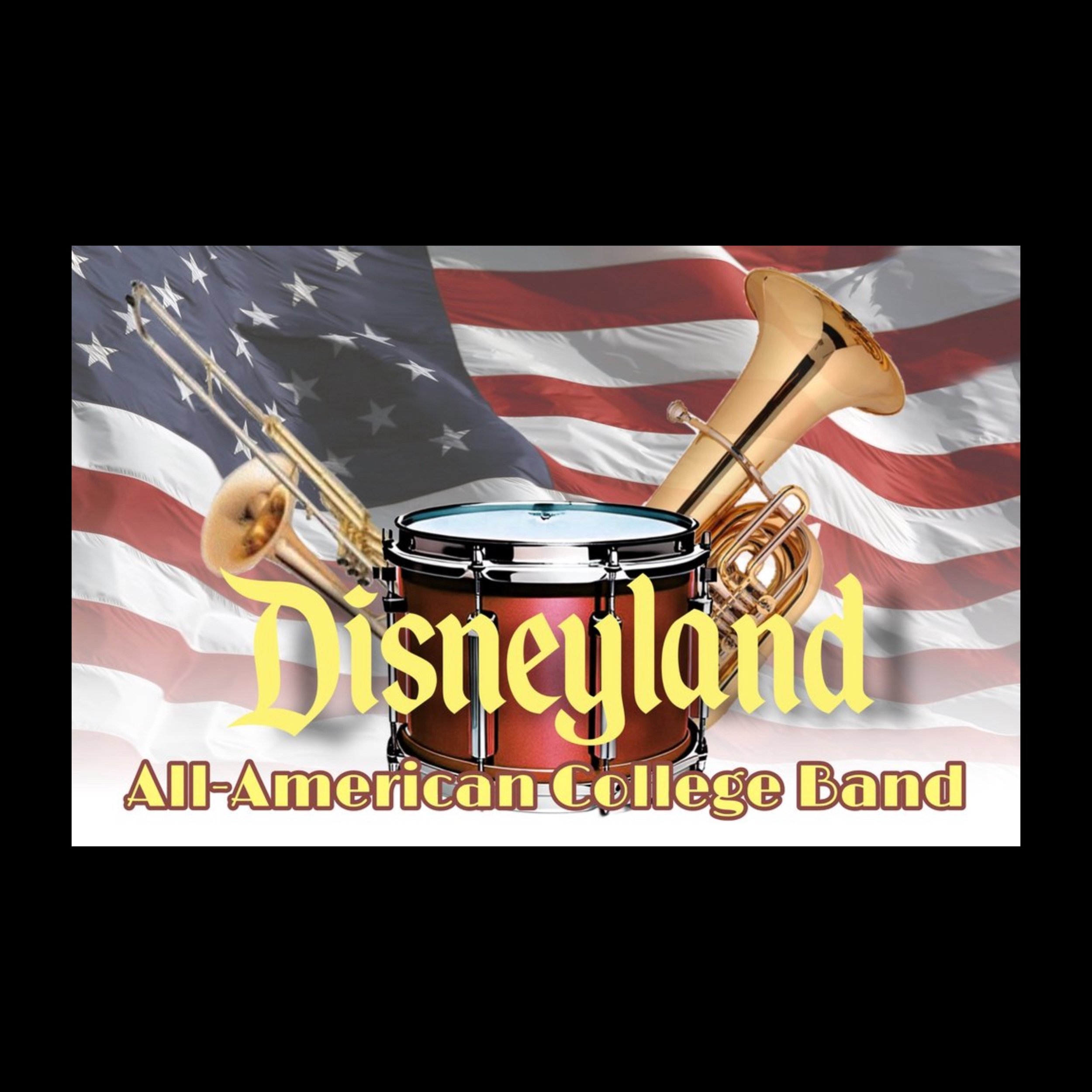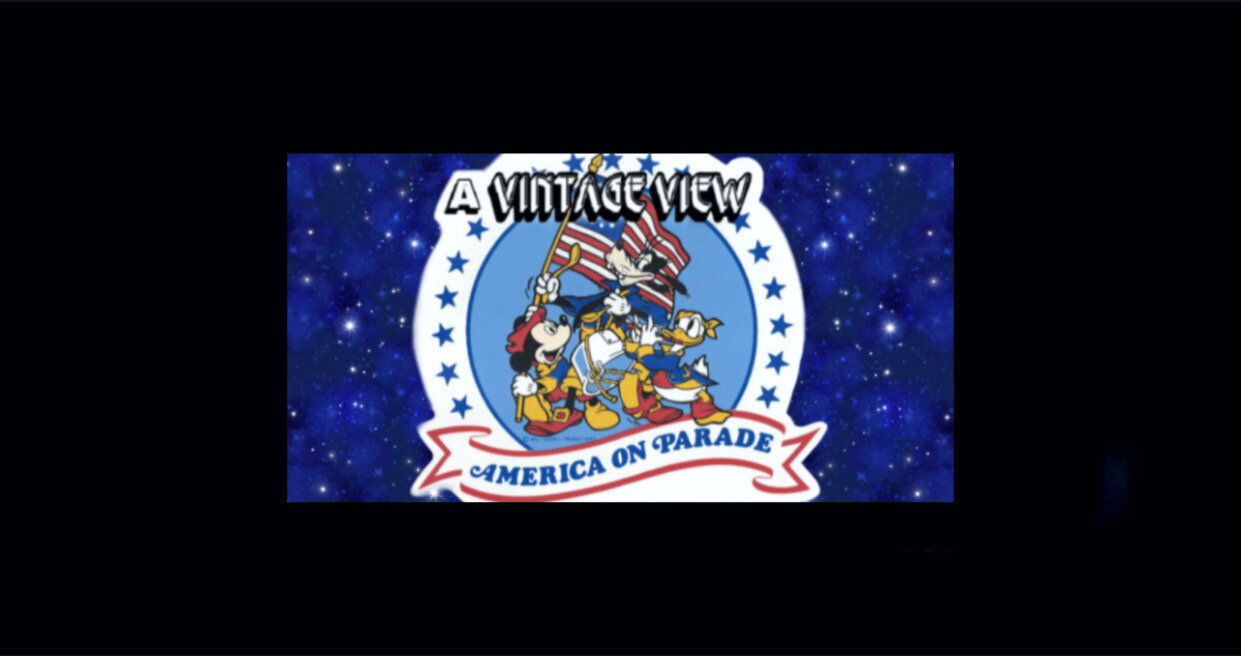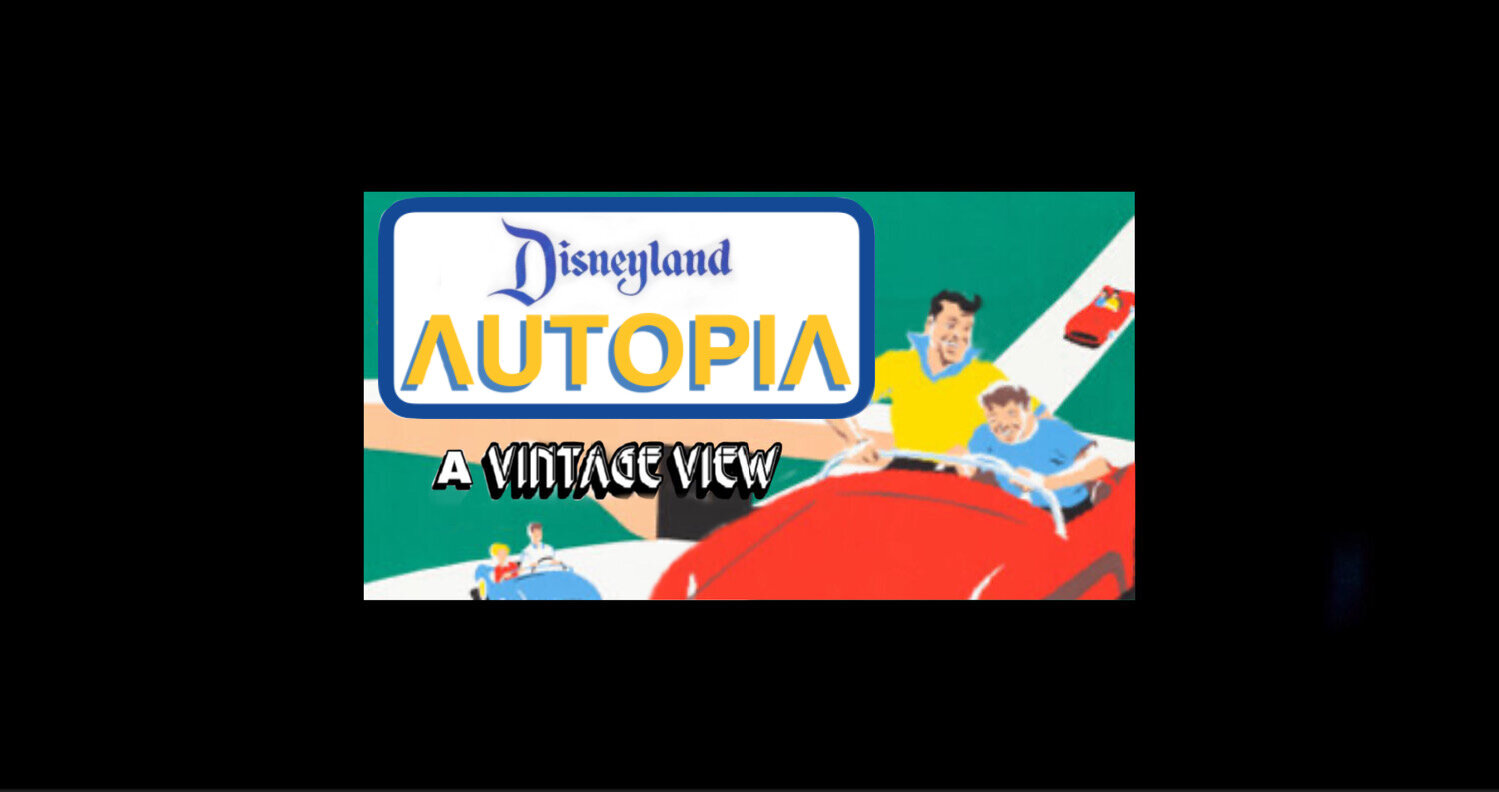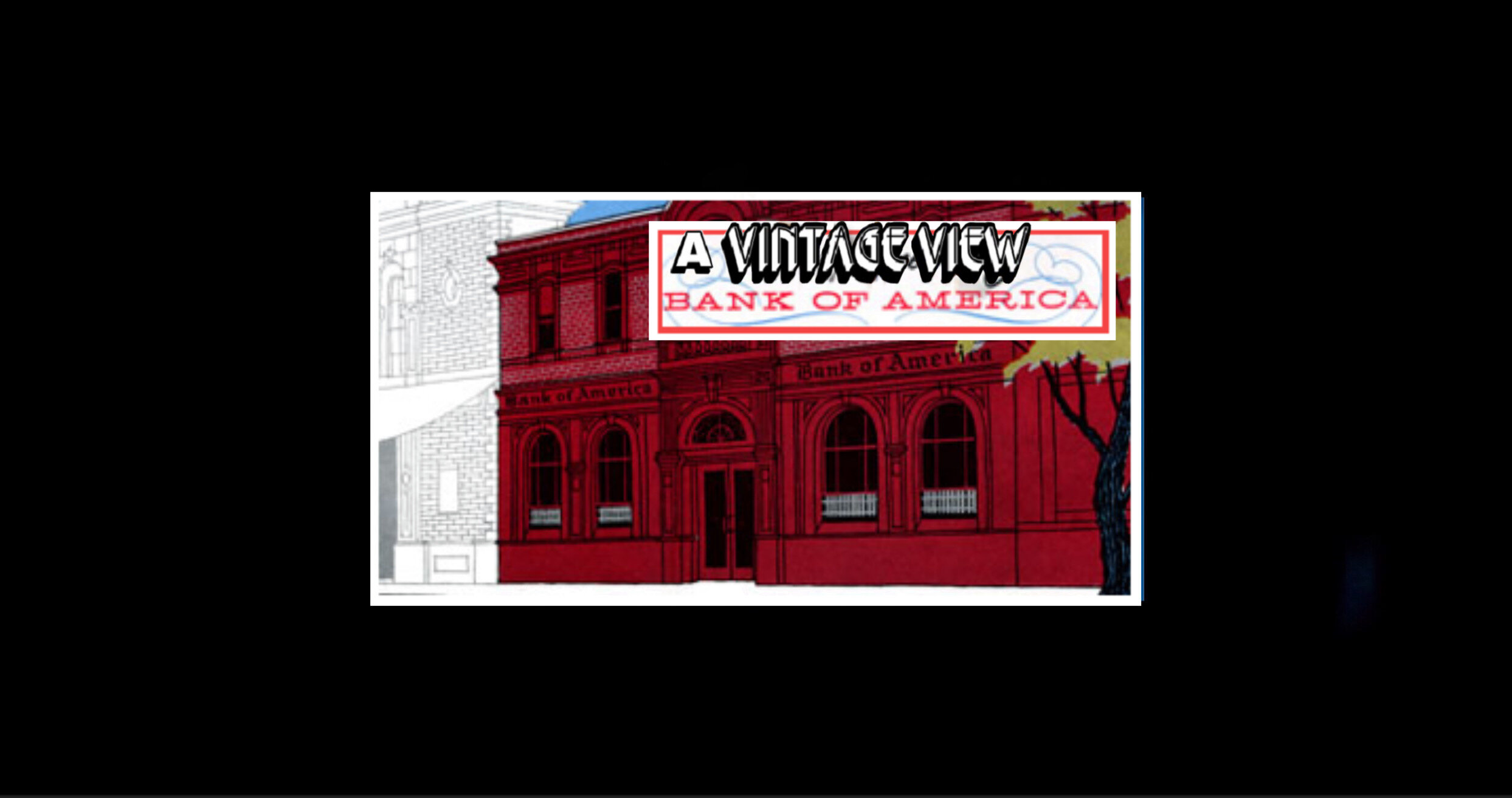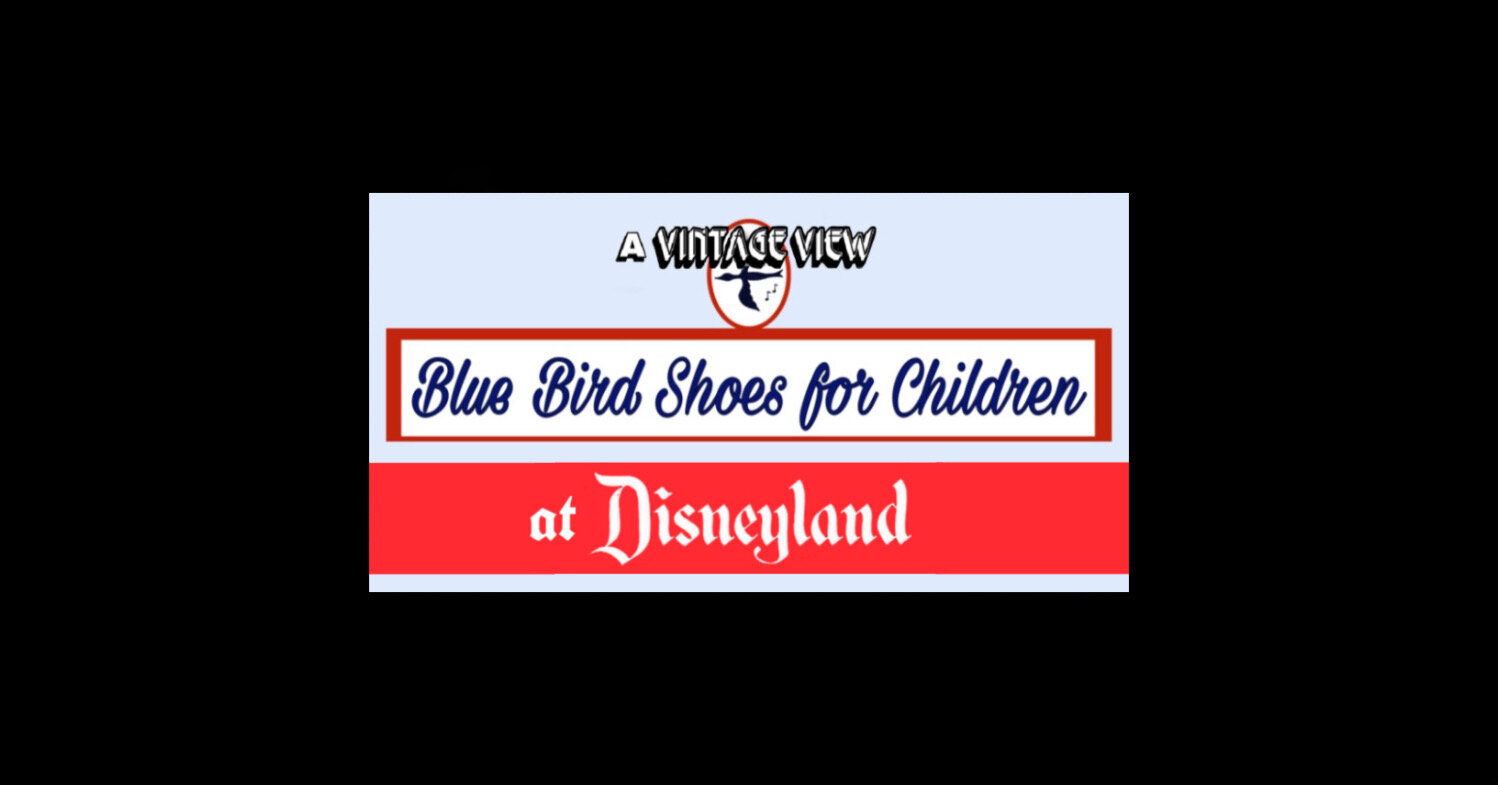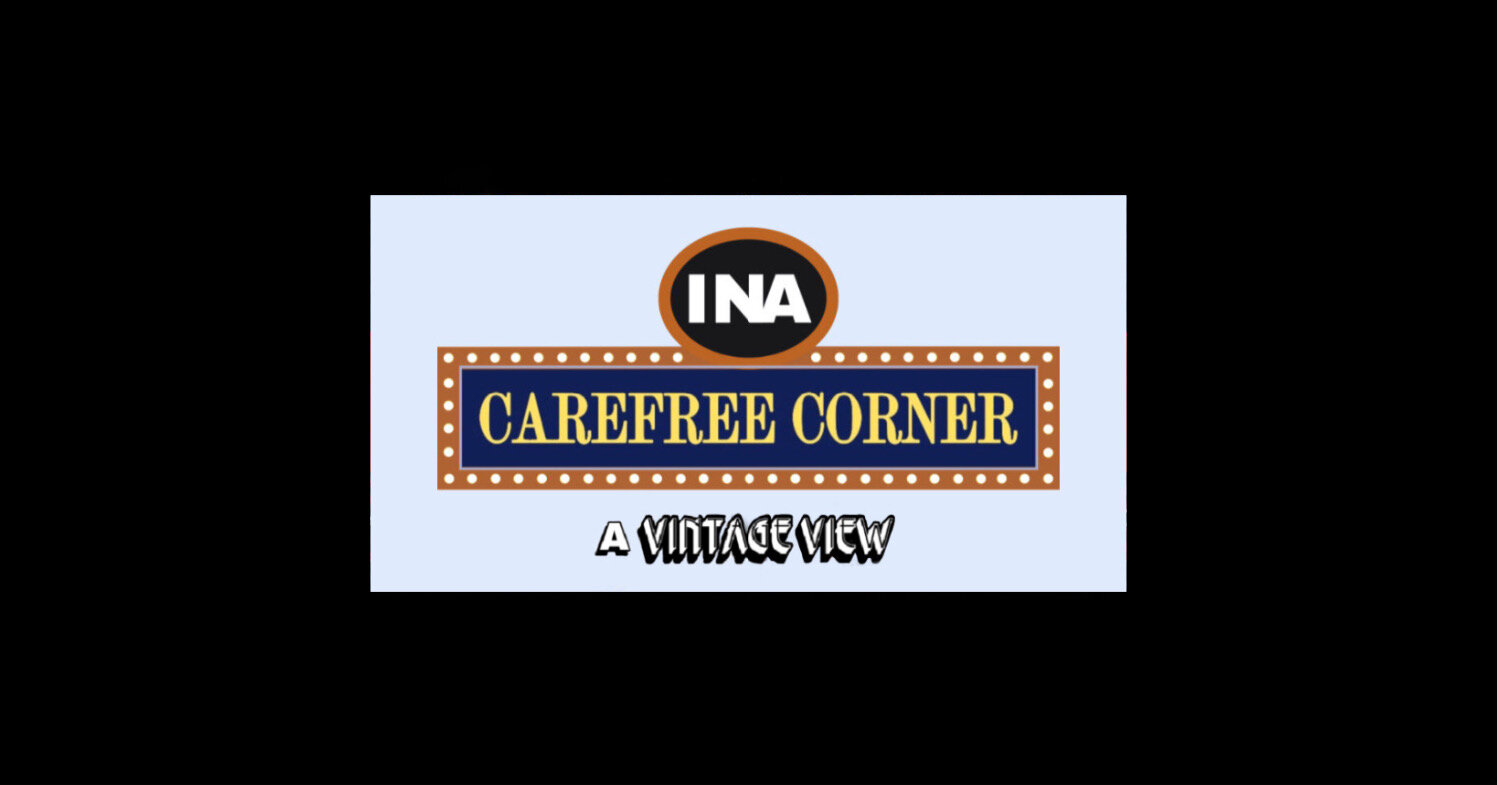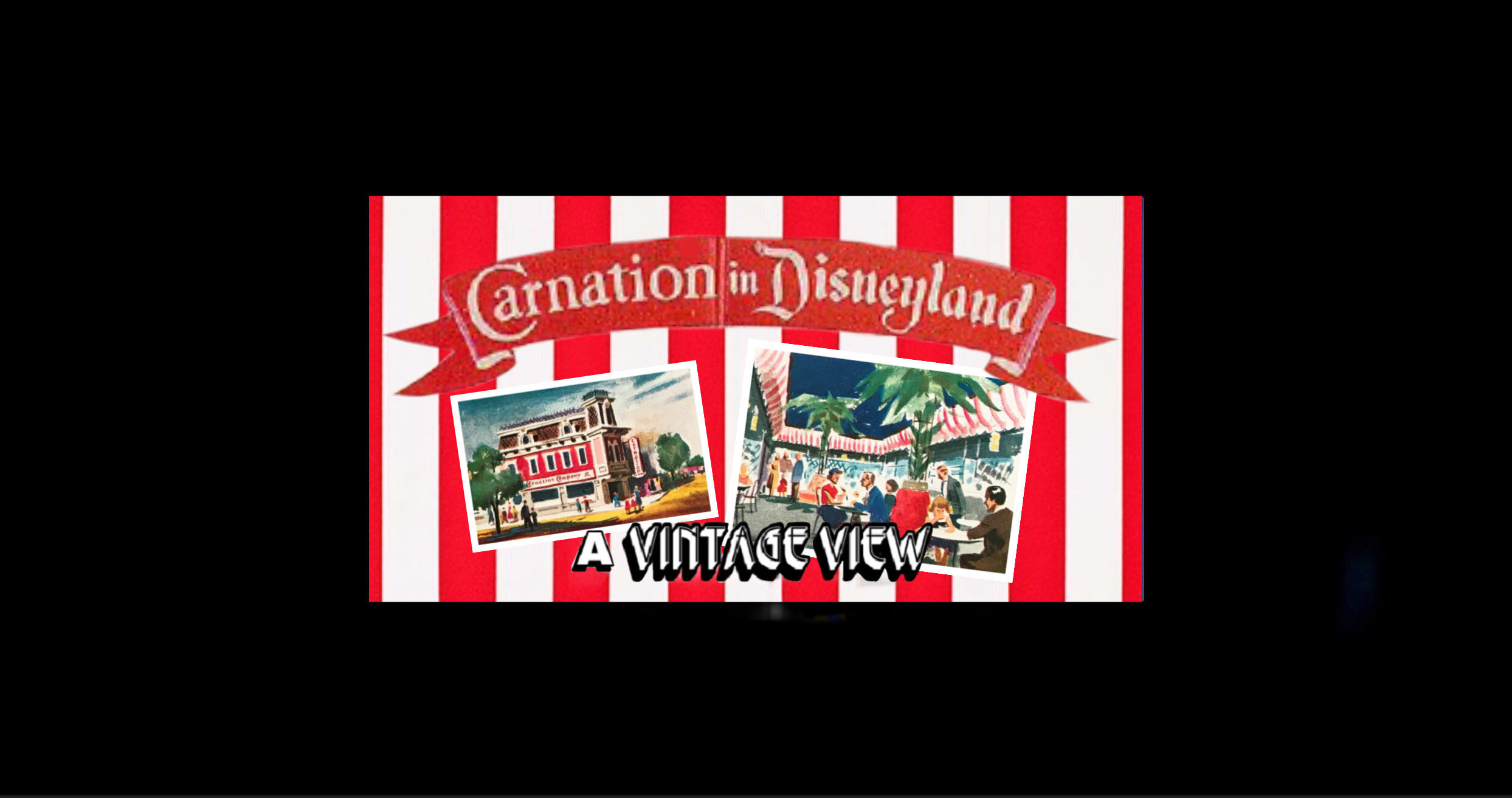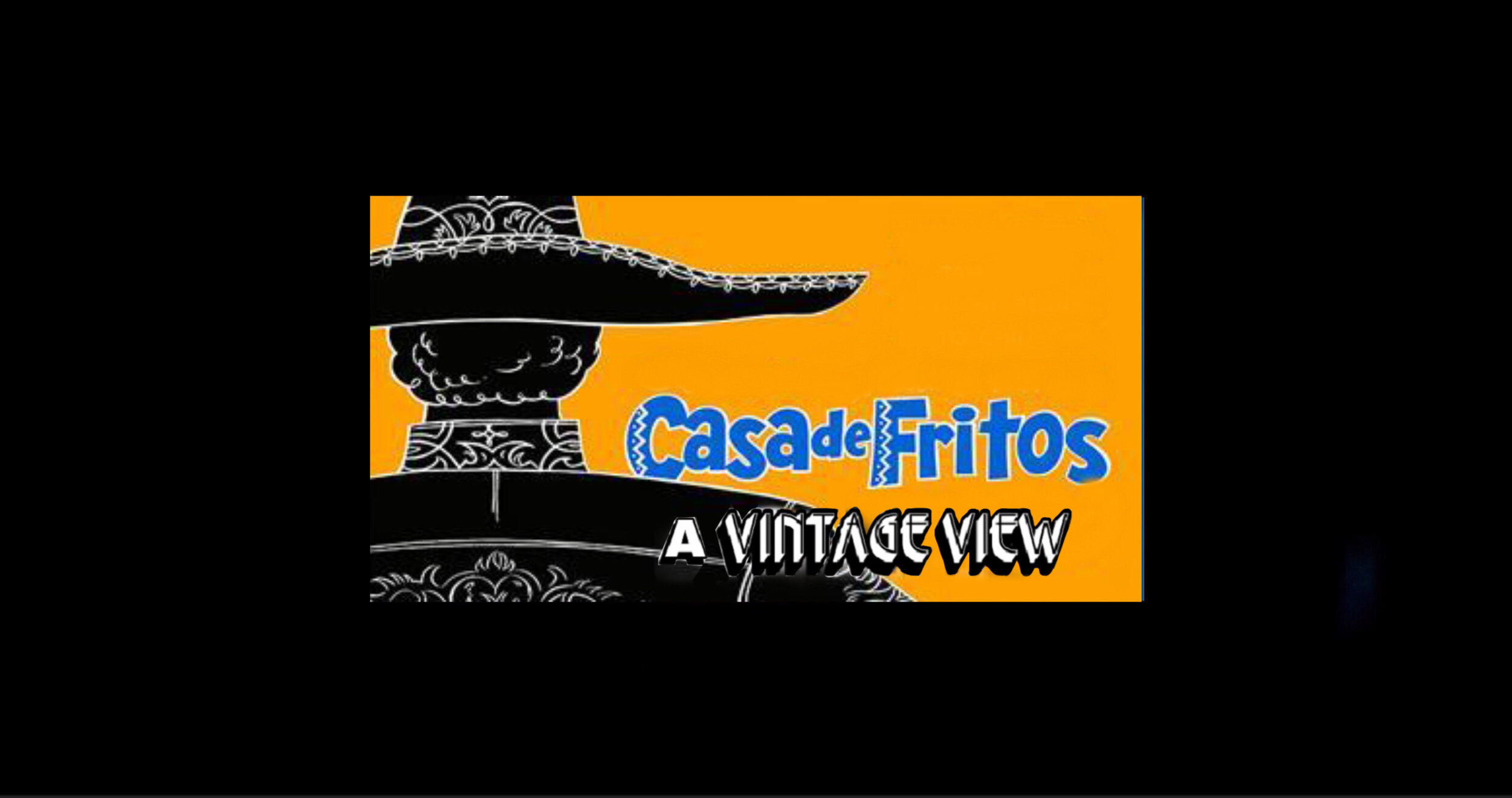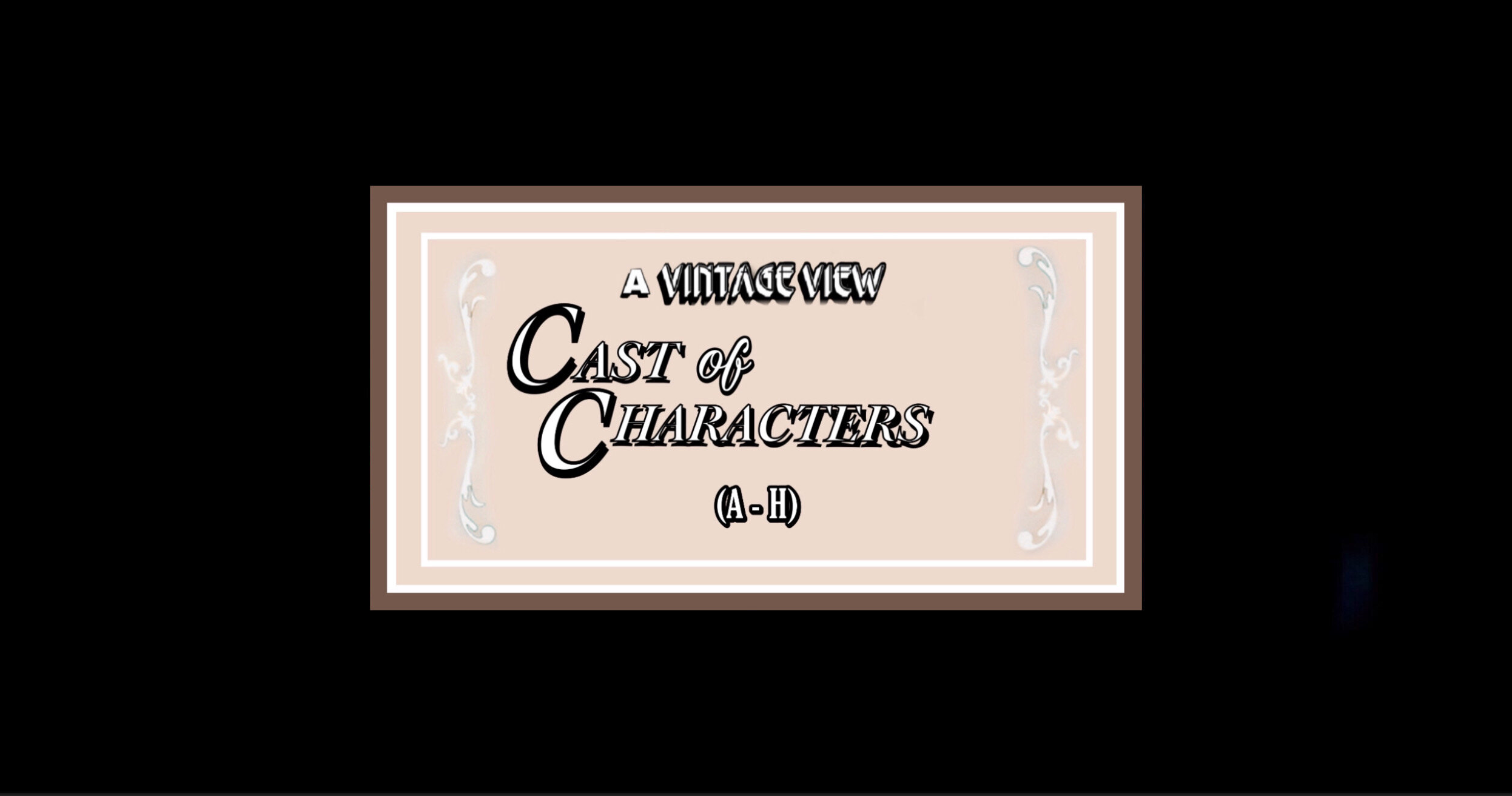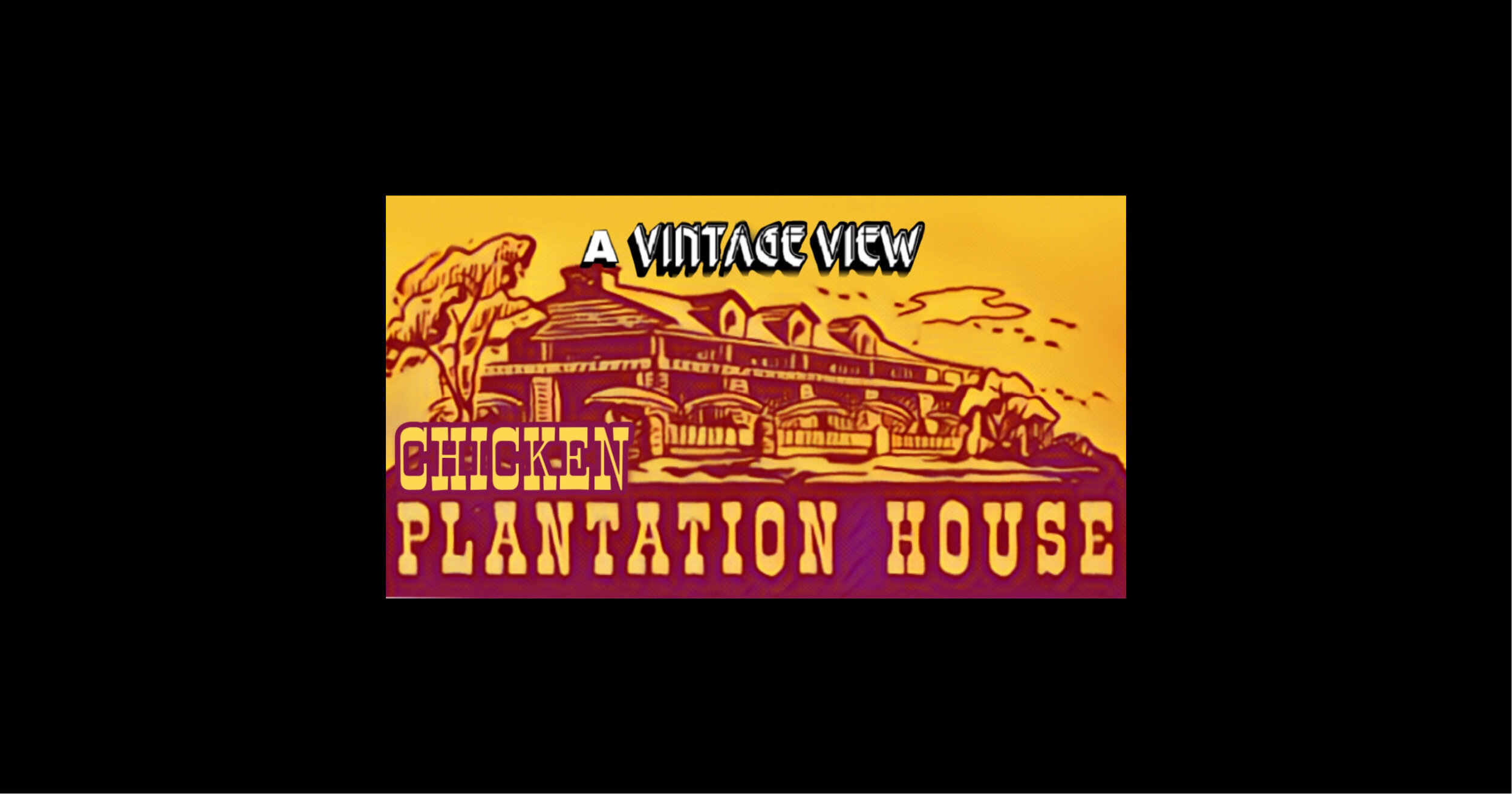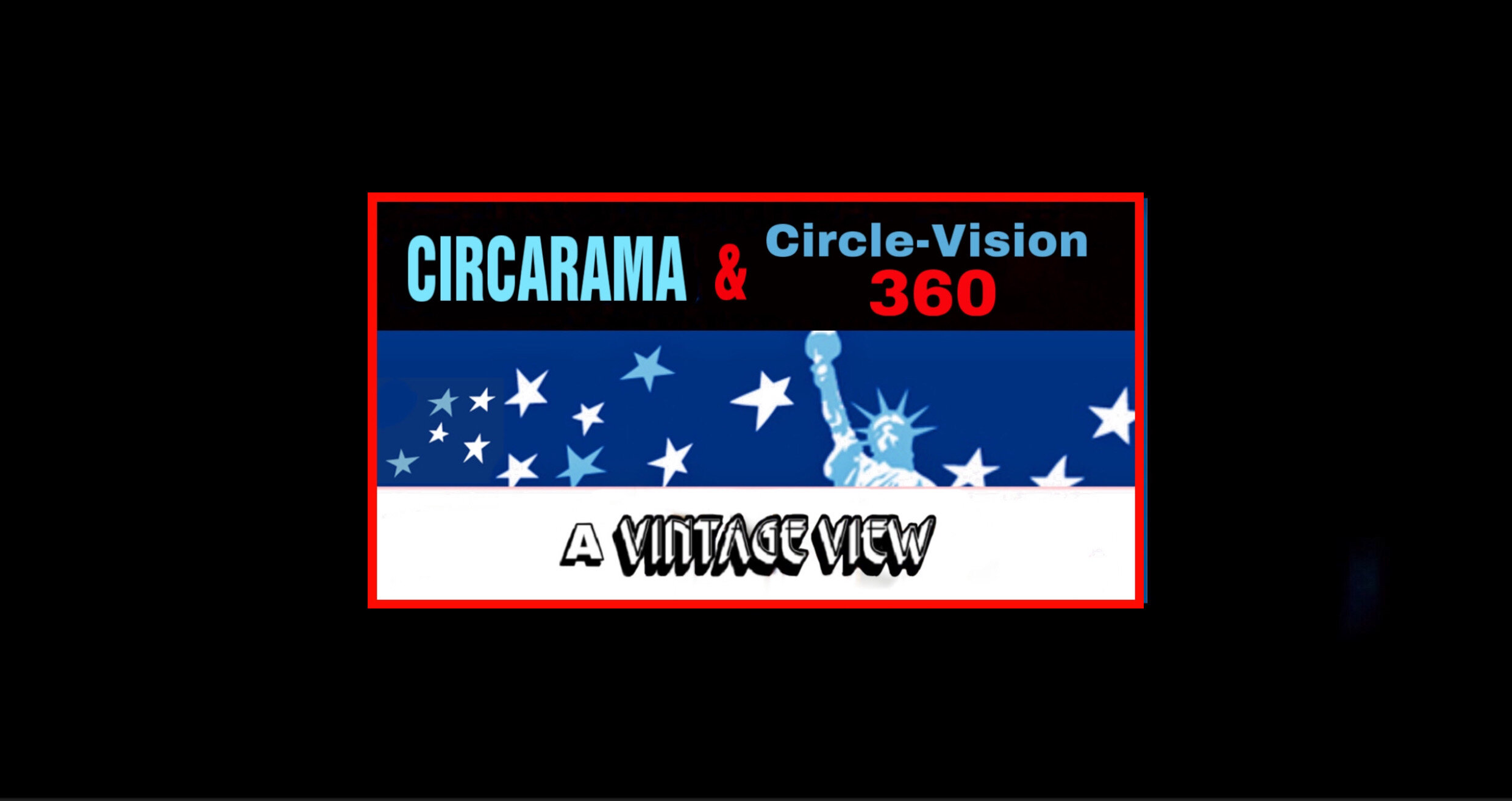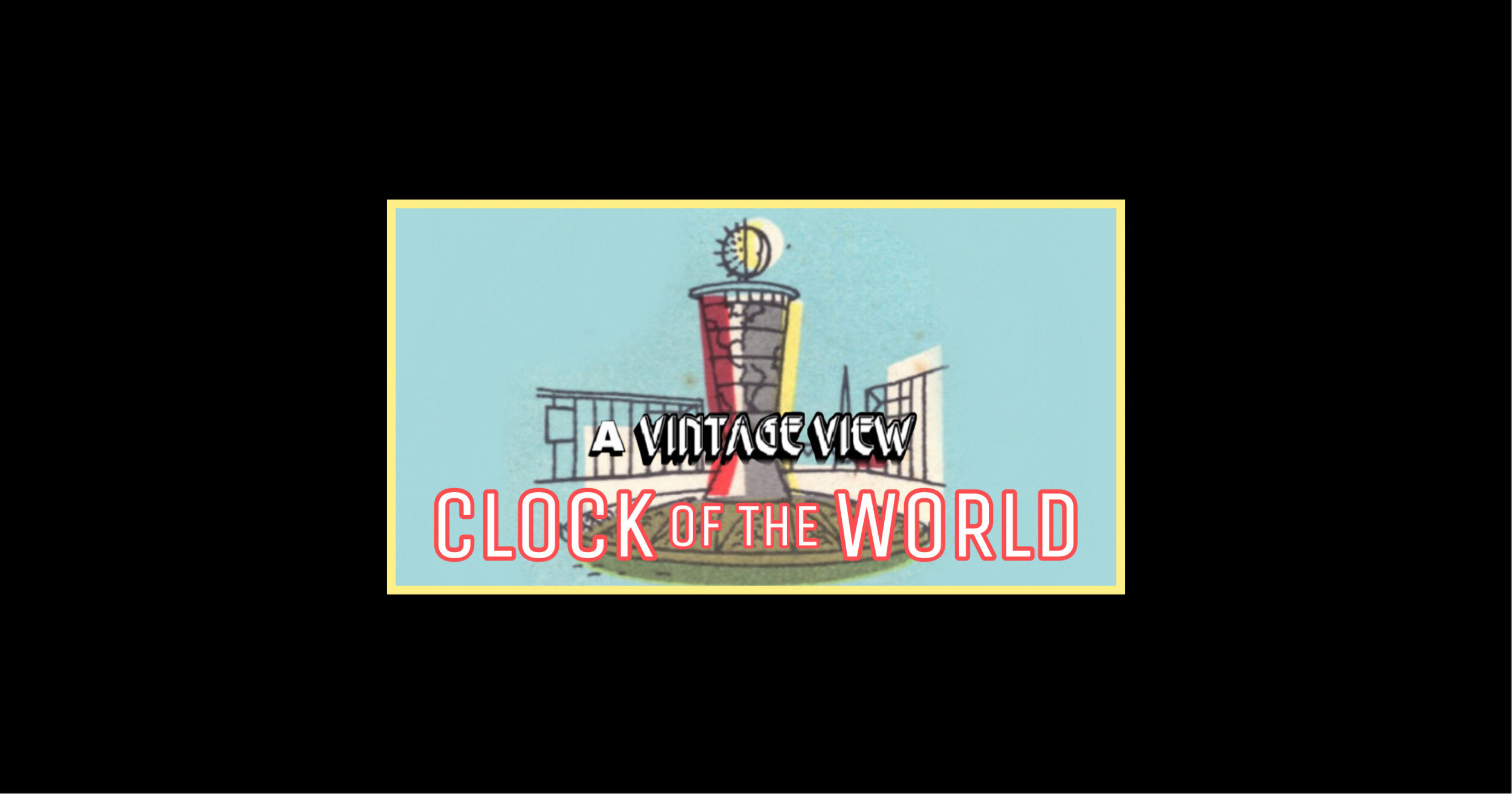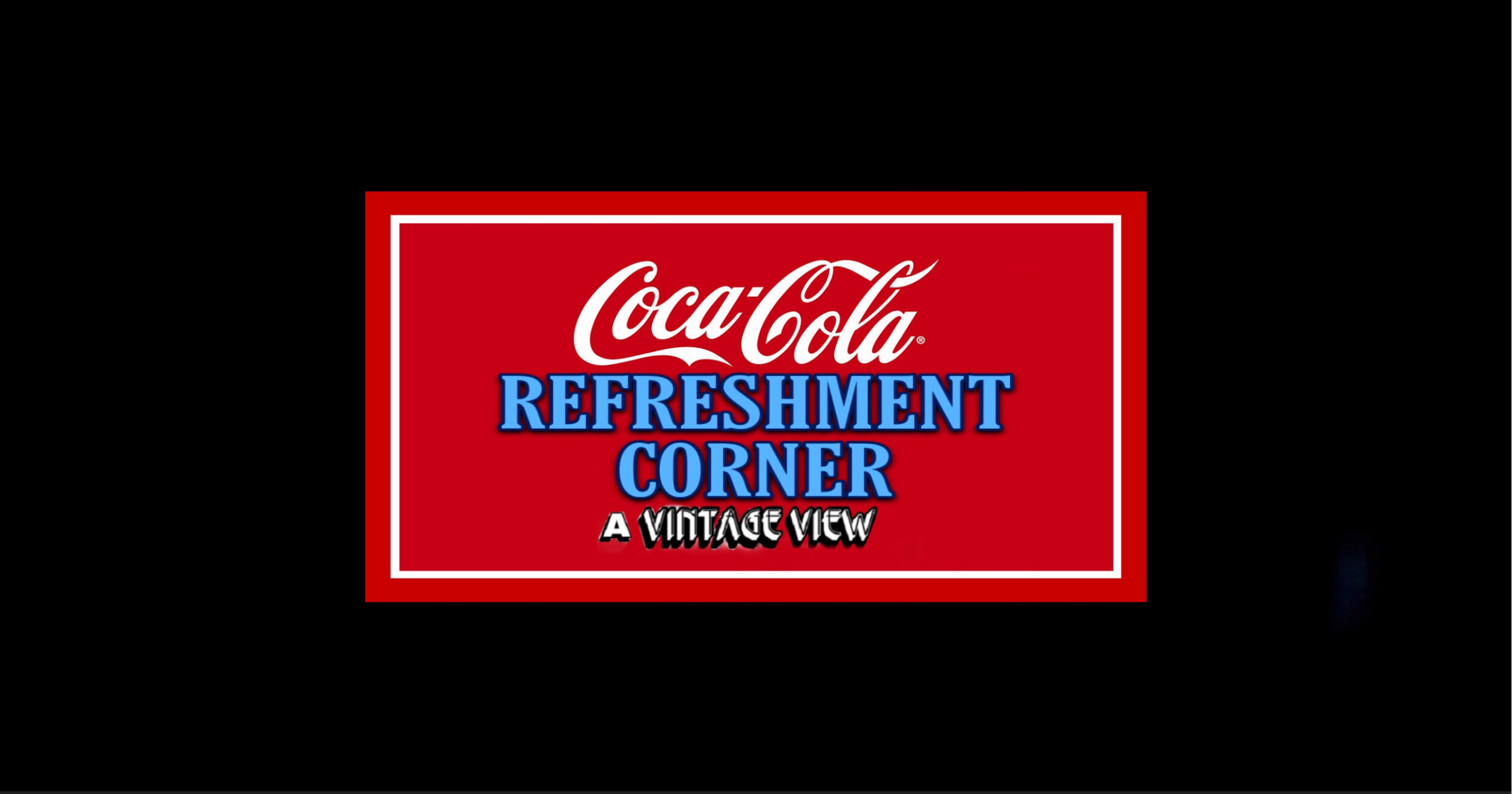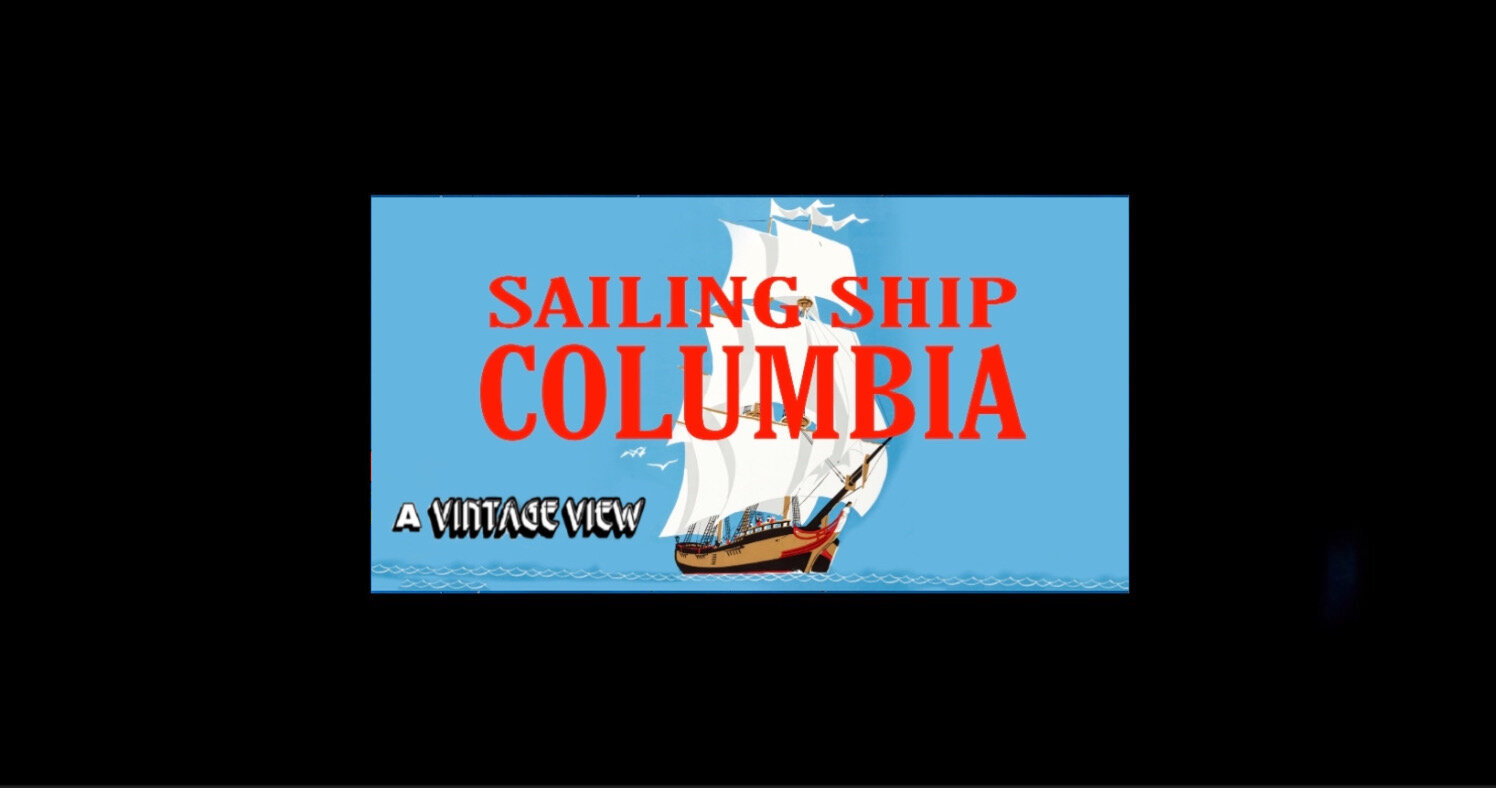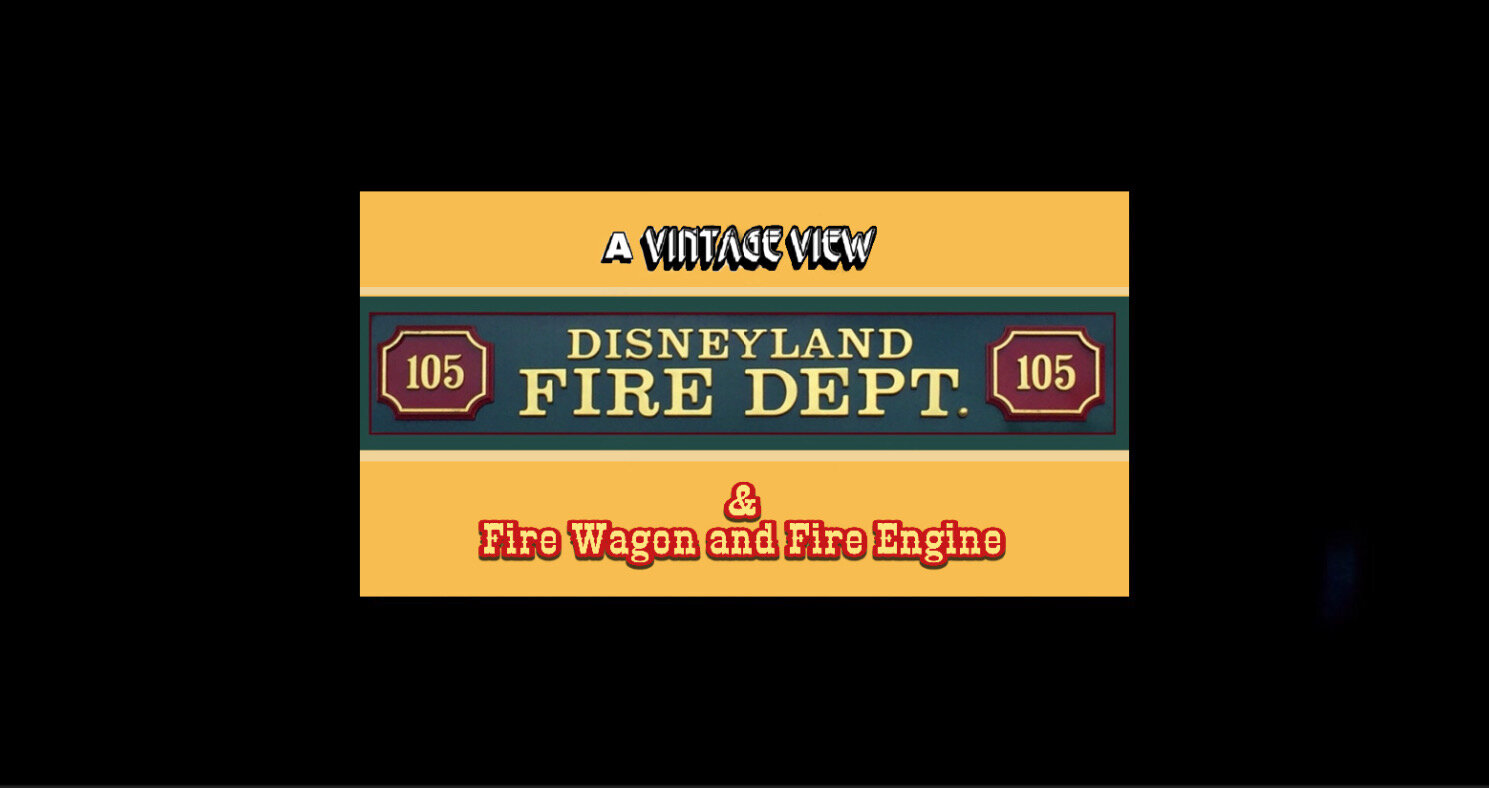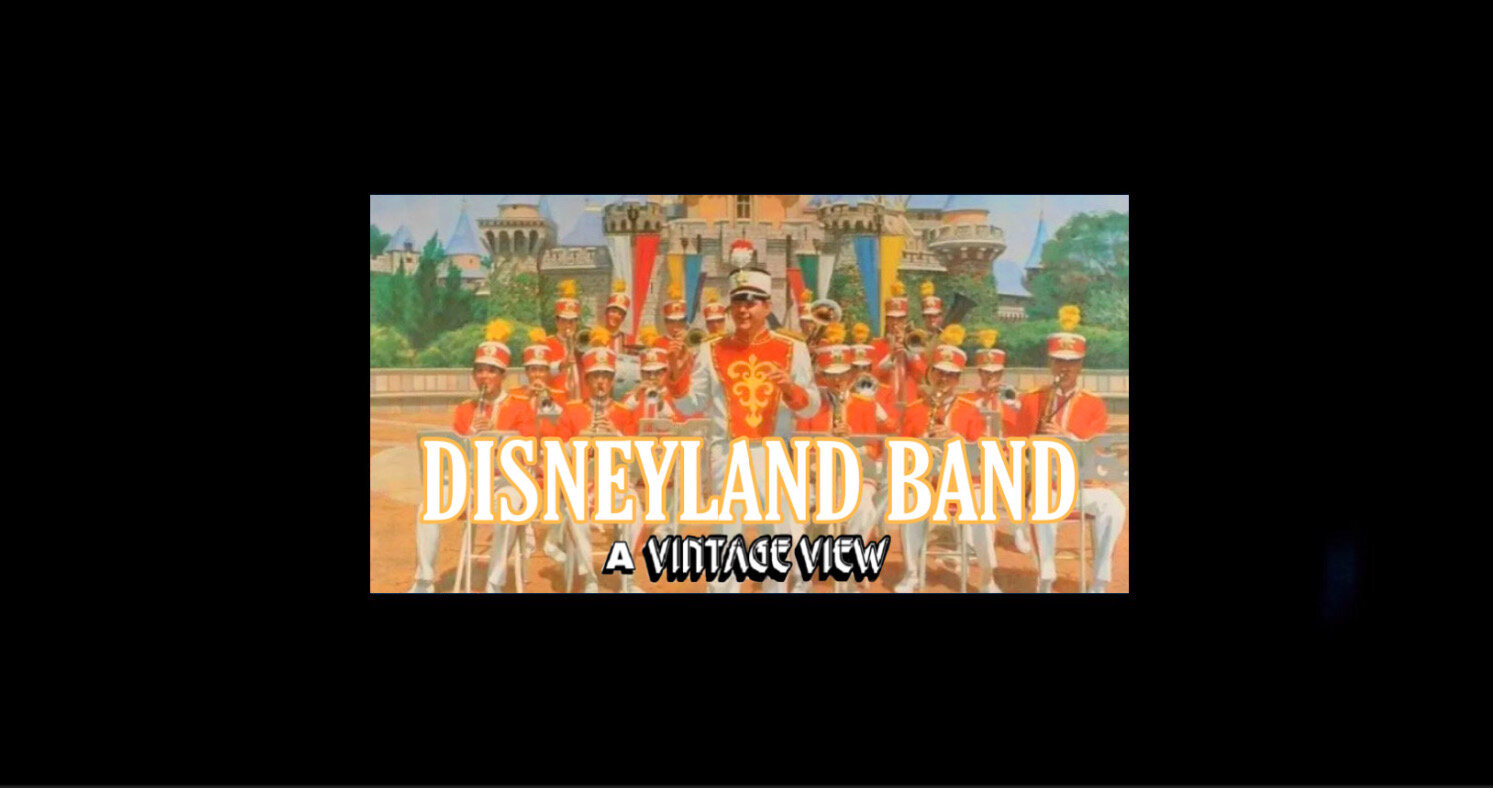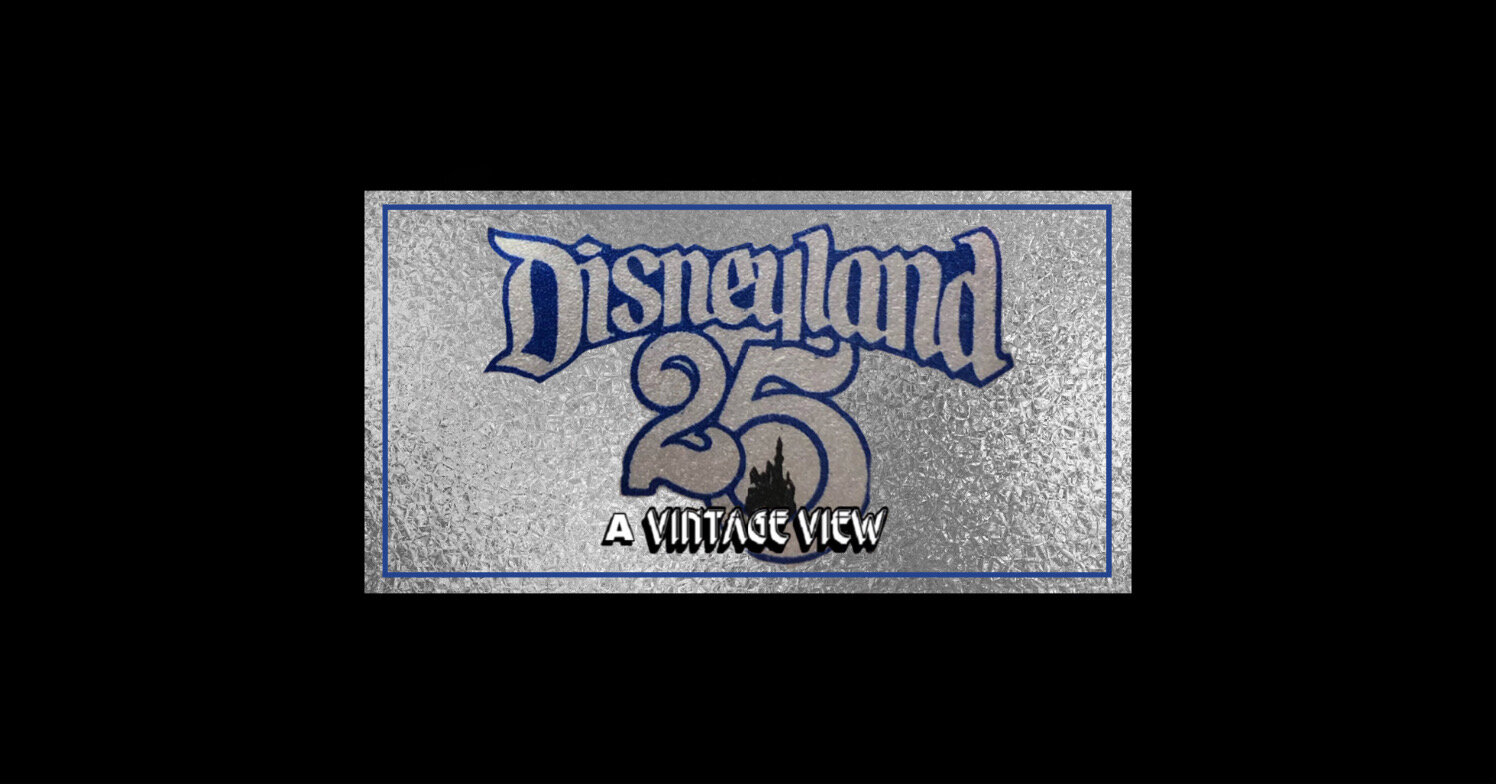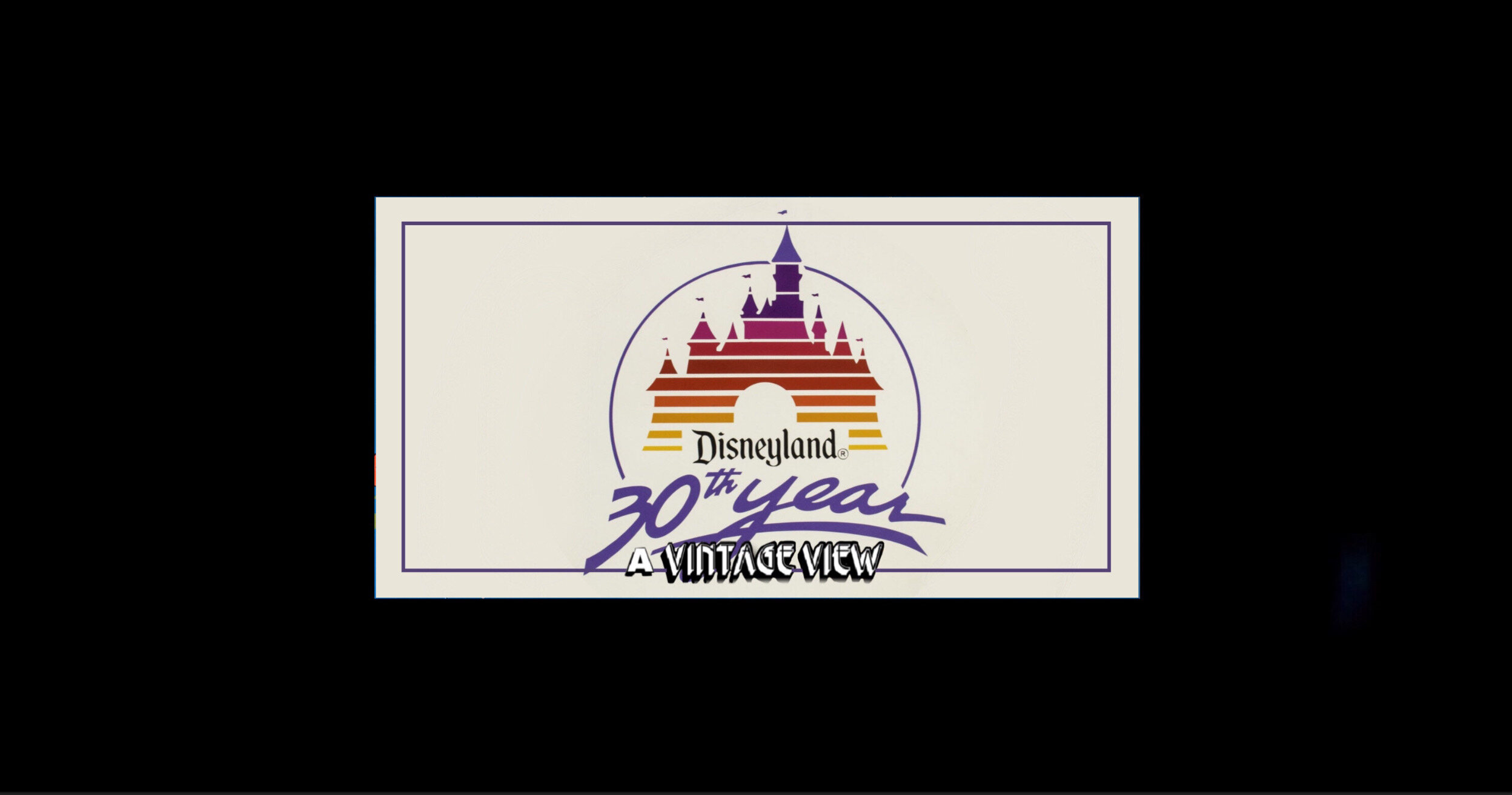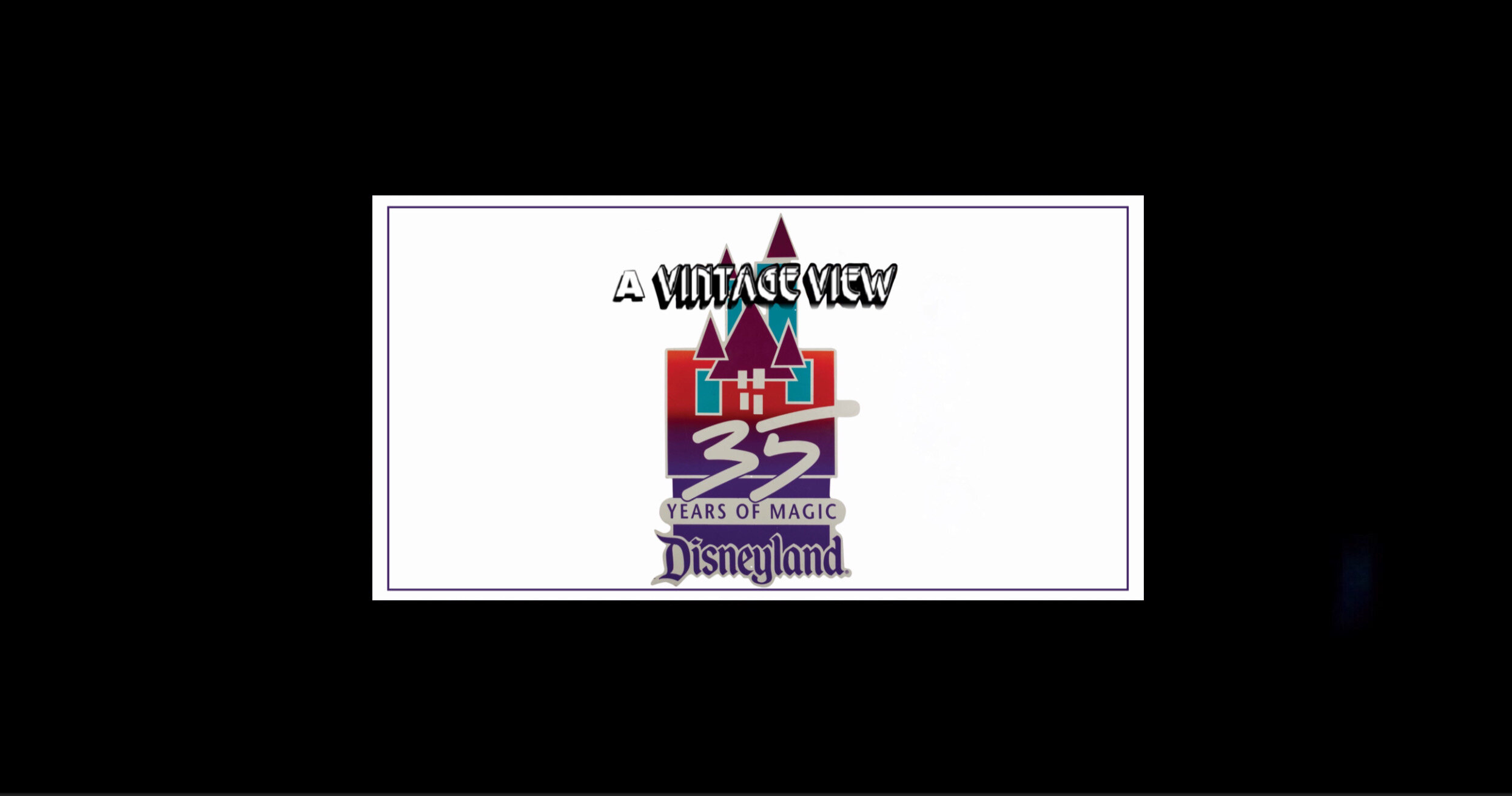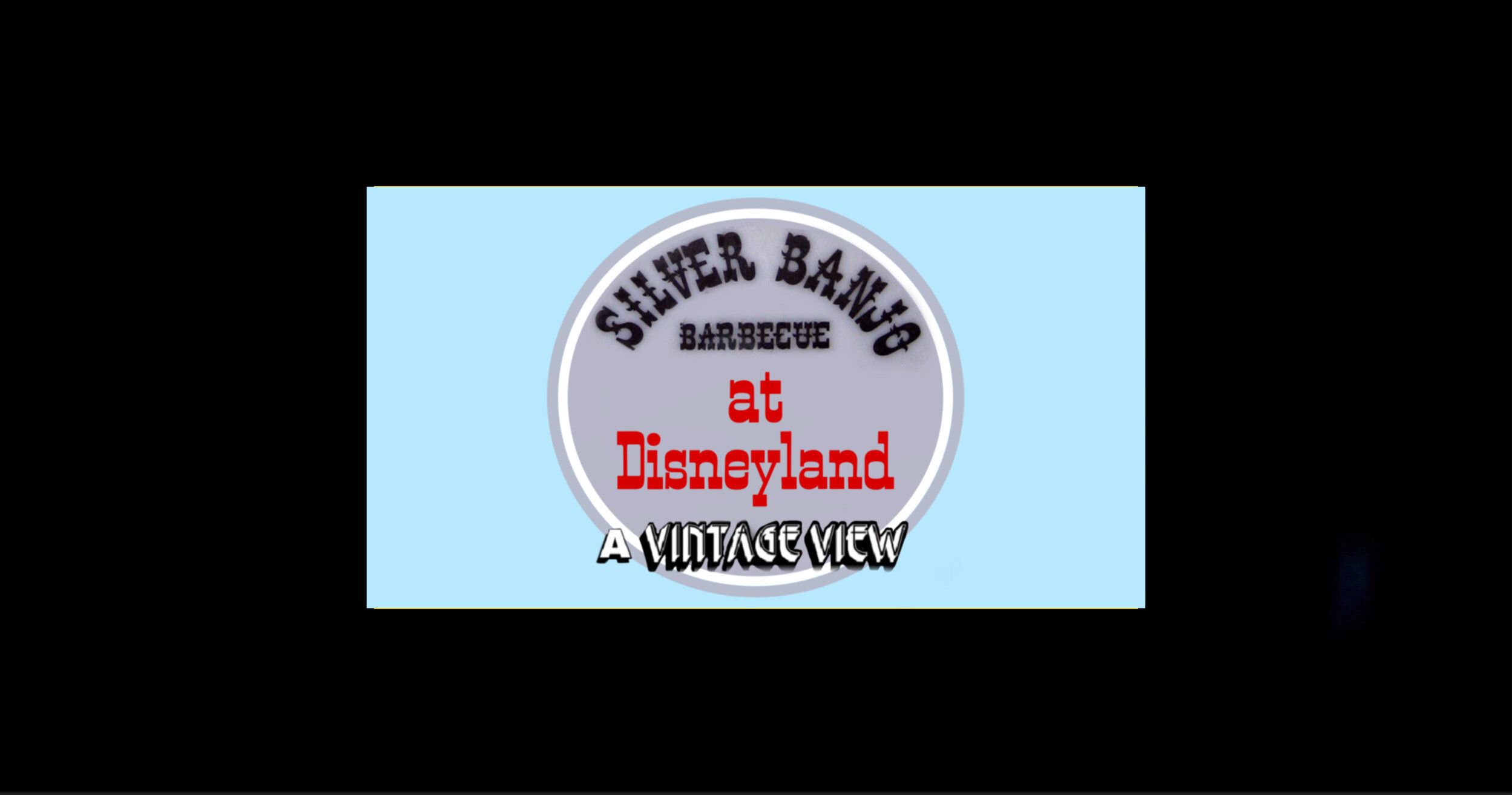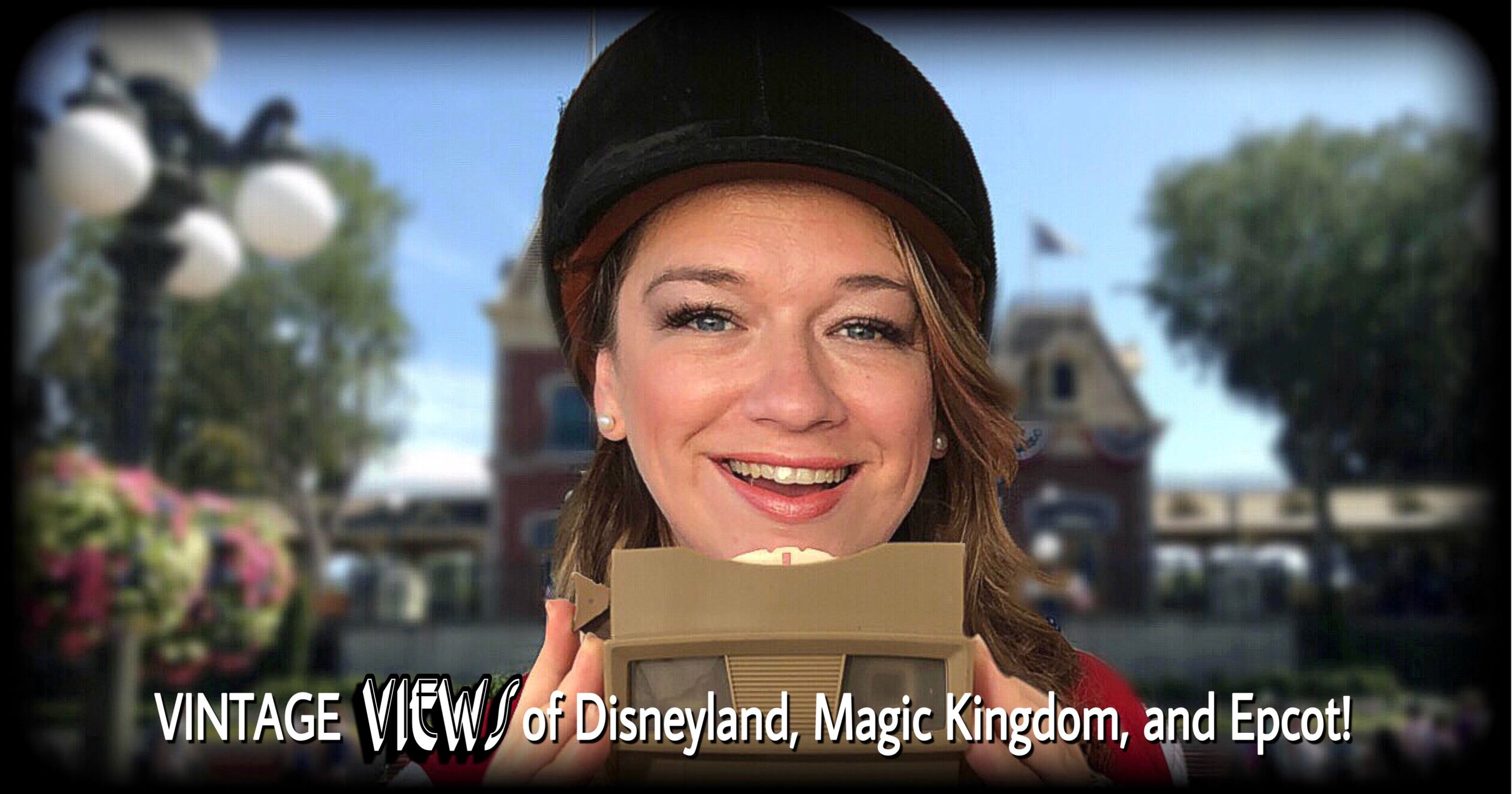ALL-AMERICAN COLLEGE MARCHING BAND
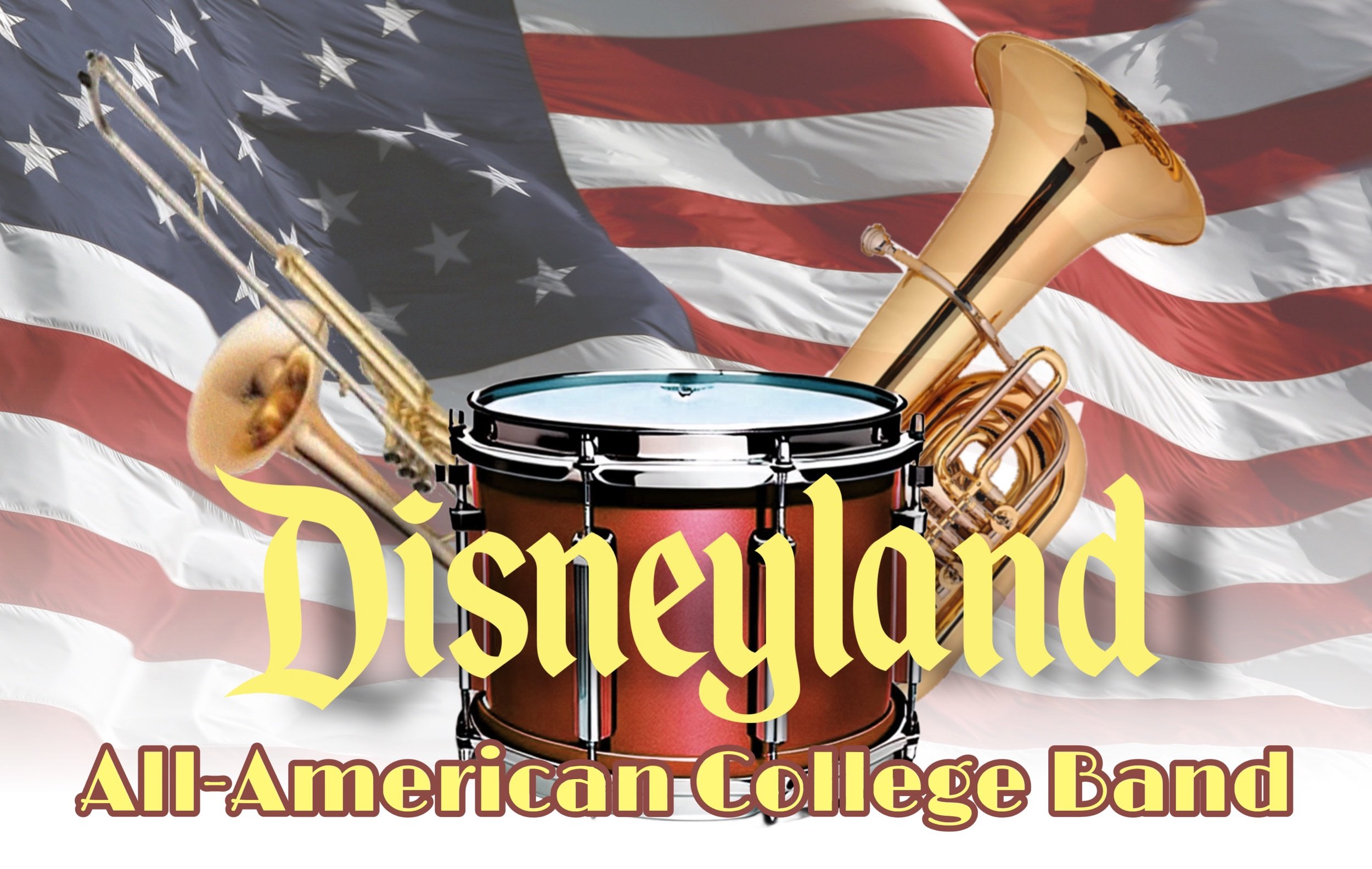
“The Disneyland Show & Live Entertainment”
The Walt Disney Productions had become an organized business the created happy moments for people. That was “the tradition of Walt Disney and his organization… a tradition of humor, music, beauty, adventure, fantasy, and fun.” On July 17th, 1955, Disneyland, a Magic Kingdom for the young at heart, became the newest addition to this ever growing tradition.
Since the beginning Disneyland® Park has been a miracle of showmanship, offering a variety of shows to entertain Guests throughout the day. In addition, music is a basic ingredient of showmanship, and has been all-important, covering the Park, and live musicians have always had a role in the Disneyland show.
According to “THE DISNEY THEME SHOW - an introduction to the art of Disney outdoor entertainment”: “Important are the sounds which permeate the scene, for without them, the theme show is a silent movie . . . but with them it is a symphony of music, effects, and natural sounds that the finest stereo system in the world can't duplicate. These sights and sounds are provided not only through Imagineered attractions and shows, but also through the multi-talented efforts of live entertainers . . . in special musical groups . . . in parades and pageants . . . providing an everchanging backdrop to virtually every area in the theme show.”
During the first year, it was decided to retain the Disneyland Band and the cast of Slue Foot Golden Horseshoe on a two-week contract. The Entertainment Department began to cast popular entertainers, and those representing organizations and schools to perform from the Disneyland stage. Large crowds were regularly drawn by events scheduled around musical acts - Dixieland at Disneyland, Big Band Night, Spring Fling, New Year’s Eve Parties, and all-night graduation parties.
“Work Experience Program and College Performers”
Walt Disney once said: “A lot of young people think the future is closed to them, that everything has been done. This is not so. There are still plenty of avenues to be explored.“ About 1962, the DISNEY WORK EXPERIENCE PROGRAM was born. Hosted by Disneyland, college musicians and dancers had a unique opportunity for to gain valuable experience preparing them for entertainment careers.
During the 1960s (before 1967 had arrived), Walt Disney Productions suggested the “General Electric College Music Bowl,” described as “a national music competition on America’s college campuses designed to win new friends for General Electric among leaders and key employees of Tomorrow… in cooperation with Disneyland and the Walt Disney Music Company.” This proposed program would have coincided with the debut of Progressland at Disneyland during the summer of 1967. It was designed to reach a major audience - “the young people of America - and specifically, the students of our major colleges and universities.” The idea was that the sophisticated and personable public relations of Disneyland, Inc. and Walt Disney Productions would team with General Electric to “augment and enlarge” the process of recruiting from the country’s top-ranking colleges, through the “universal… song and sound of music.” General Electric was to sponsor an annual competition to select the best music groups in several categories, with the national finalists in the smaller group subcategories receiving an all-expense paid tour to Disneyland for the national finals. It was proposed that the winners would receive “a guaranteed Disneyland contract to perform for several weeks during the summer months,” a “guaranteed record contract with the Walt Disney Music Company,” and a televised special direct from Disneyland.”
Within the pages of the c.1960s “General Electric College Music Bowl” prospectus, were the results of a study performed at UCLA (allegedly representing national statistics), wherein it was divulged that among its 148 trumpeters and trombonists and drummers were students majoring in engineering, business, political science, mathematics, zoology, medicine physics, and chemistry. Only “one in six” majoring in music.
“All-American Atmosphere Entertainment”
By 1972, numerous programs were created to showcase music and musicians from various Youth Groups and organizations at Disneyland. The All-American College Workshop was one such workshop. “American Music on Parade” debuted Memorial day, Monday, May 29. 1972 at 2:00 P.M. The show lineup included outstanding bands, drum & bugle Corps. and Dixieland bands from all over California. Among this lineup was the Whittier Cavaliers Youth Band (winner of 20 first-place awards), Al Malaikah Shrine Band (under Douglas Scott; representing the largest temple in Los Angeles), Ozzie’s Marching Band (under the direction of Ozzie Wissel, Karl Finch, and Bart Hazlett; recent half-time band for the San Diego Chargers), Los Angeles Police Junior Band (American Legion Junior Band Champions for 1971 & 1972), Kingsmen Drum and Bugle Corp. (five-time winners of the California Legion Drum Corp title), Anaheim South Junior High Band (sweepstakes award winners), Berkeley High School Band (for their 6th Disneyland appearance), and the Naval Training Center Drum & Bugle Corps. and 50 State Flag Unit from San Diego. This sort of showcase was common at Disneyland and yet, the presentation of the All American College Band show on the vast DISNEYLAND “stage” became a distinct part of the Disneyland theater concept. It was created (as part of the Disney Entertainment Work Experience Program) in 1972, by both Bob Jani (V.P. of Entertainment for Disneyland and Disney World) and assistant Jim Christensen.
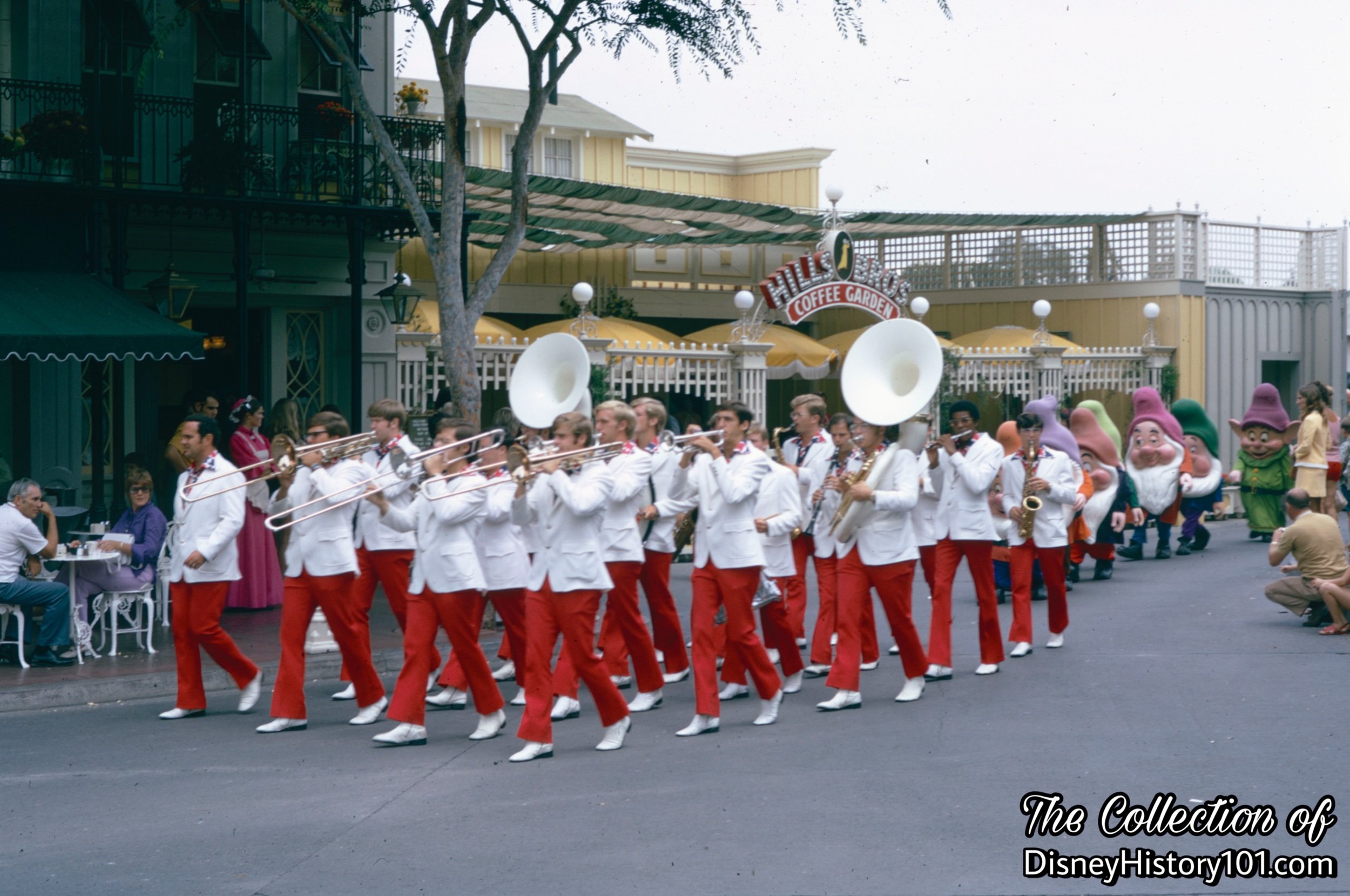
By 1974, the “All-American College Marching Band was featured throughout the Park on Thursdays through Mondays,” according to a 1974 Press Release document.
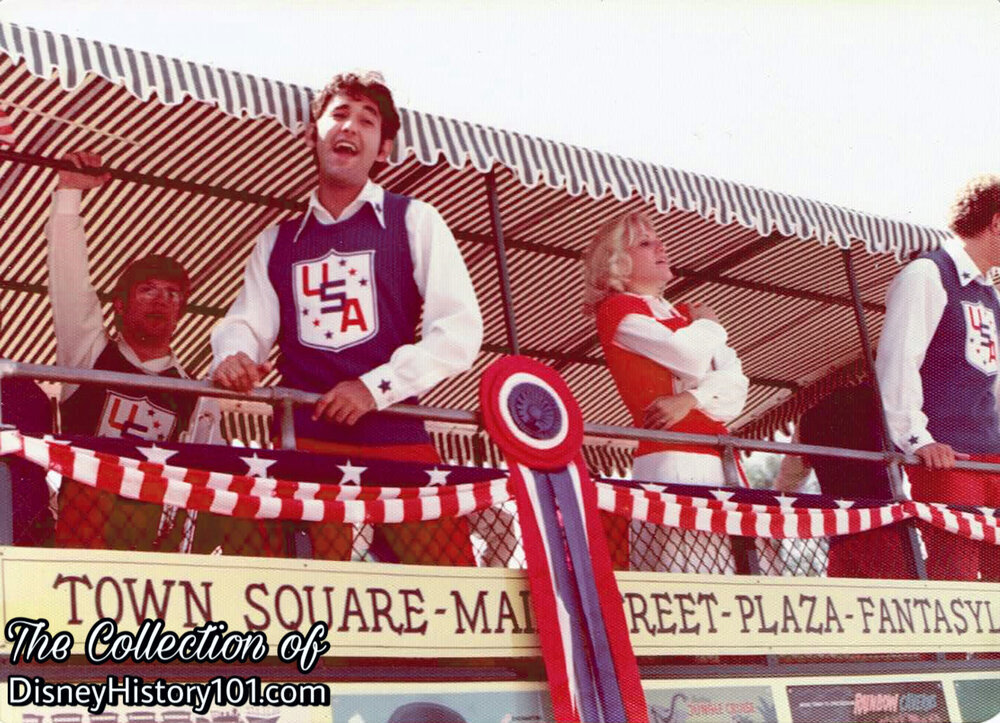
Imagine a daily scene during the American Bicentennial celebration at Disneyland Park! The Omnibus (decorated with red, white, and blue ribbons and bunting for the American Bicentennial celebration) carries the All-American College Singers down Main Street U.S.A.! The All American Marching Band Dancers and All American College Singers prove that a smile was essential, and a genial and friendly personality was the Disney style, and mostly that the product of Disneyland is happiness.
At that time, “The All- American Marching Show Band and the Kids of the Kingdom are a ten-week summer workshop course of the California Institute of the Arts in Valencia,” according to Disneyland LINE (published August 6, 1975). According to the same Disneyland LINE article, that same year (of 1975),Ellen Lem had been coordinating the program for both Disneyland and Walt Disney World for two years (from 1973 to 1975). Efforts were made to cast talented performers from every state, with Art Bartner traveling to 13 major cities and personally auditioning 650 talented entertainers. The year 1975 saw the first three performers from the state of Hawaii join the All-American musicians. “A refreshing change is the appearance of four girls, two in each of the marching bands. Art Bartner, Ron Logan [from Long Beach City College] and Jim Christensen selected the musicians for both bands, resulting in 23 for each Park plus an additional seven for the Bahamian Band in Florida.” After the total of 56 performers were chosen, Larry Billman taught the dance routines to the three dancers added to each band for 1975. John Howell (who was recently appointed as the Disney College Workshop All-American College Singers Choral Director) would provide entertainment education.
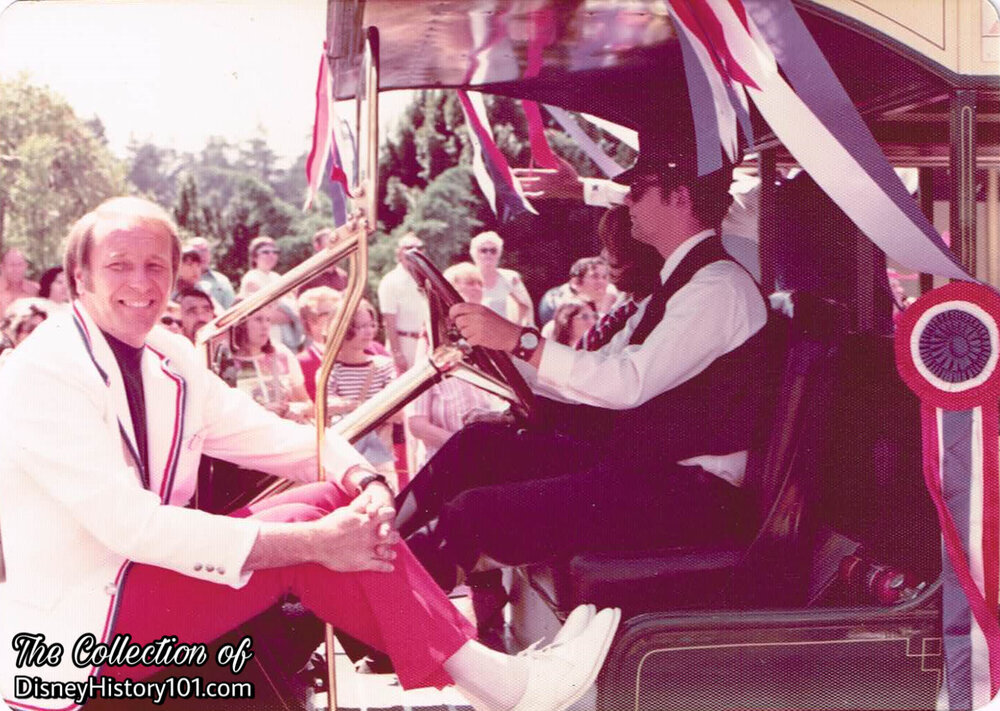
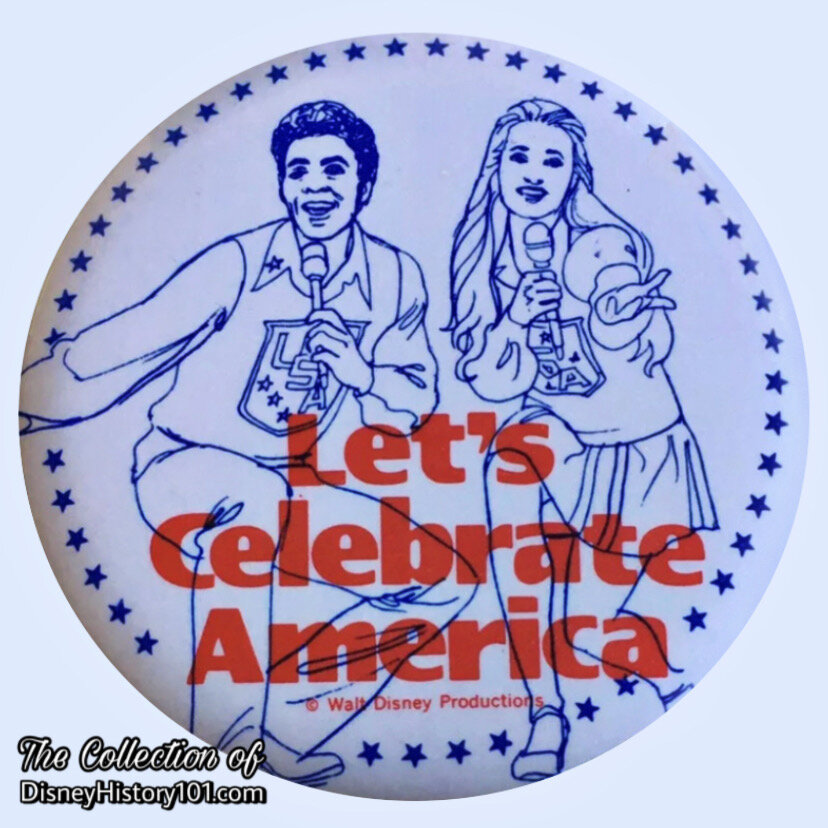
After their nationwide auditions were reviewed by the head of Show Development, Dean of the College Program, and Park Music Director hopefuls had the opportunity to meet and work with players their own age from universities all over the country. According to Backstage magazine (summer of 1977), the students would participate in “Show Production” - “an 11-week summer program that may well influence the rest of their lives…working in a professional capacity concurrent to cultivating their talents in workshops conducted by top-of-the-field guess entertainer/instructors. Workshops [were]…conducted not only in such areas as stage acting, conducting, composing, choreography and voice, but also in show business-related fields such as publicity, advertising, career opportunities, make-up, style, lighting, recording, television variety shows and costuming.” After completion, students were sent to the theme park of their choice. In addition, The All American College Band was under the direction of the notable Doctor Art Bartner (a University of Michigan Alumni and former USC Marching Band Director).
By 1976, the College Program consisted of “80 students, ranging from 18 - 20”, according to Disneyland LINE (August 19, 1976). During that year the American College Singers consisted of two groups of 12 vocalists (six men and six women) and eight backup musicians, embodying “the Disney Touch” of teamwork. At this time, a “Music Education Program” was also instituted, on October 4th, 1976. By the summer of 1977, the Disney Entertainment Work Experience Program starred “42 musically talented students from all over the country”.
“All-American College Street Theatre Players”
In 1978, the All-American College Street Theatre Players debuted, alongside the All-American College Band and the All-American College Singers. Today at Disneyland described them as a “13-member troupe” which “mixes mime and dance with comedy and drama to the delight of Disneyland visitors, bringing back the days of the Keystone Kops on Main Street and adding to the whimsy and magic of Fantasyland.”
According to Disneyland LINE (June 21, 1979), “Two special groups, the All-American College Singers, and the All-American College Marching Band, will showcase 44 singers, dancers and musicians taken from a nation-wide Disney audition of college talent.”
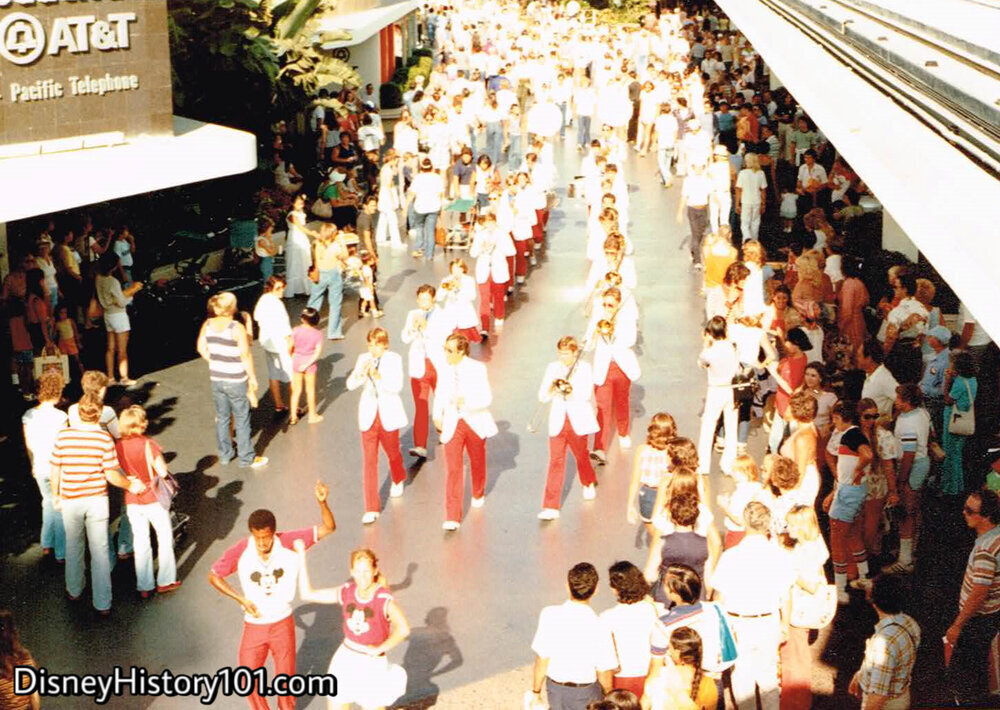
During an unknown year of the 1980s, the All-American College Marching Band performed during 1980, from Tuesday thru Thursday, 4:00pm-9:00pm. The All-American College band marches through Tomorrowland, led by Art Bartner (Director of the Trojan Marching Band of the University of Southern California).
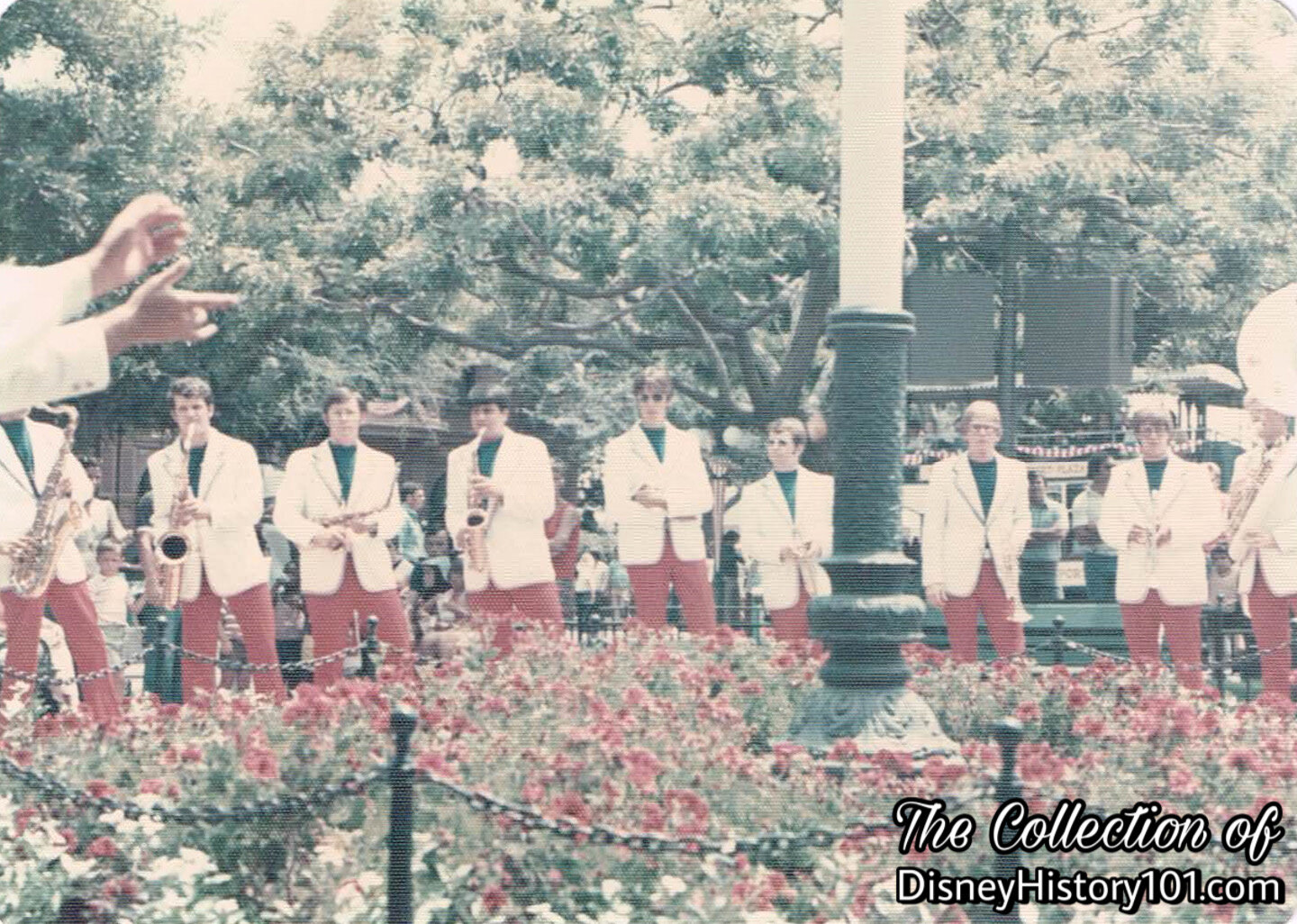
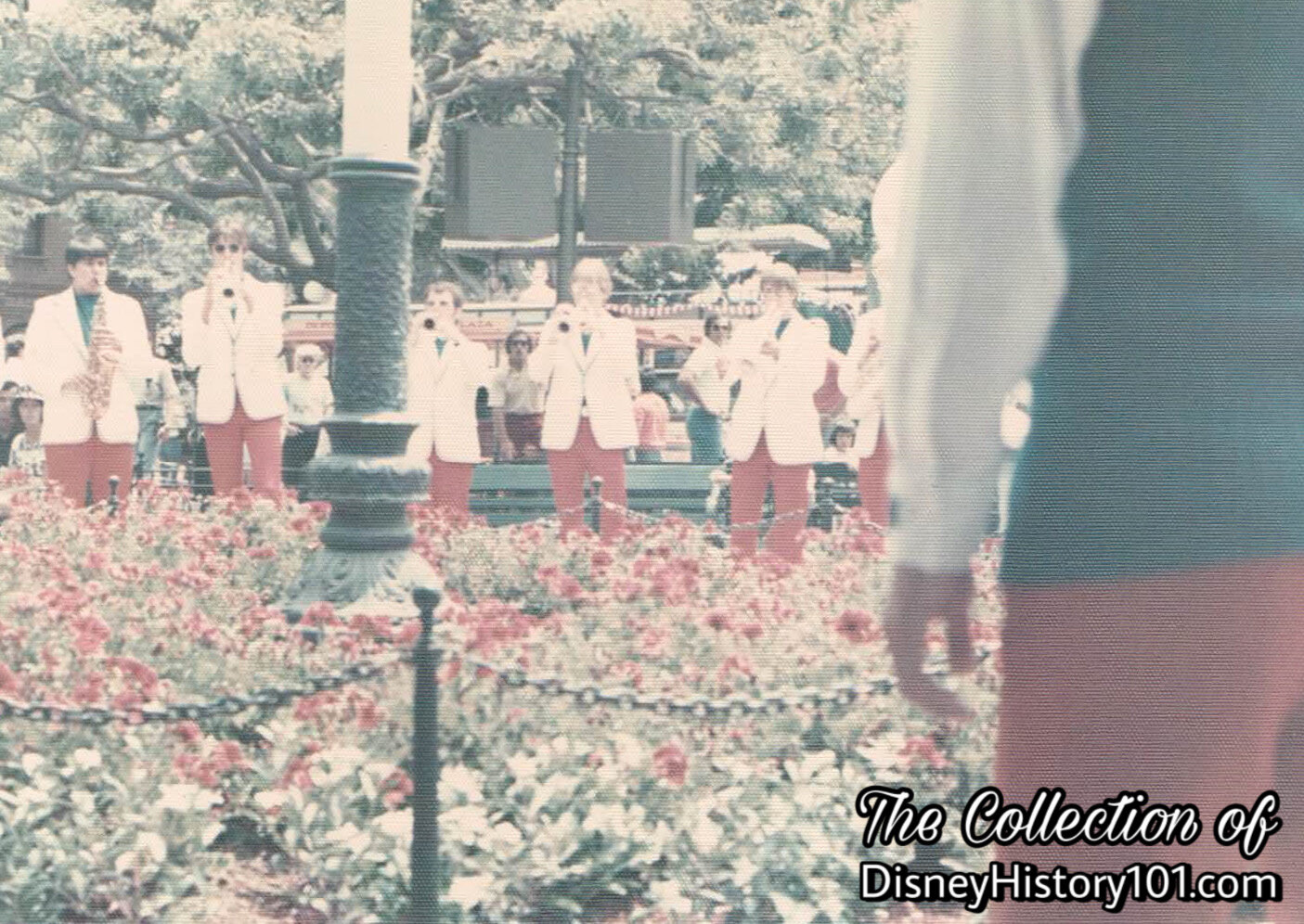
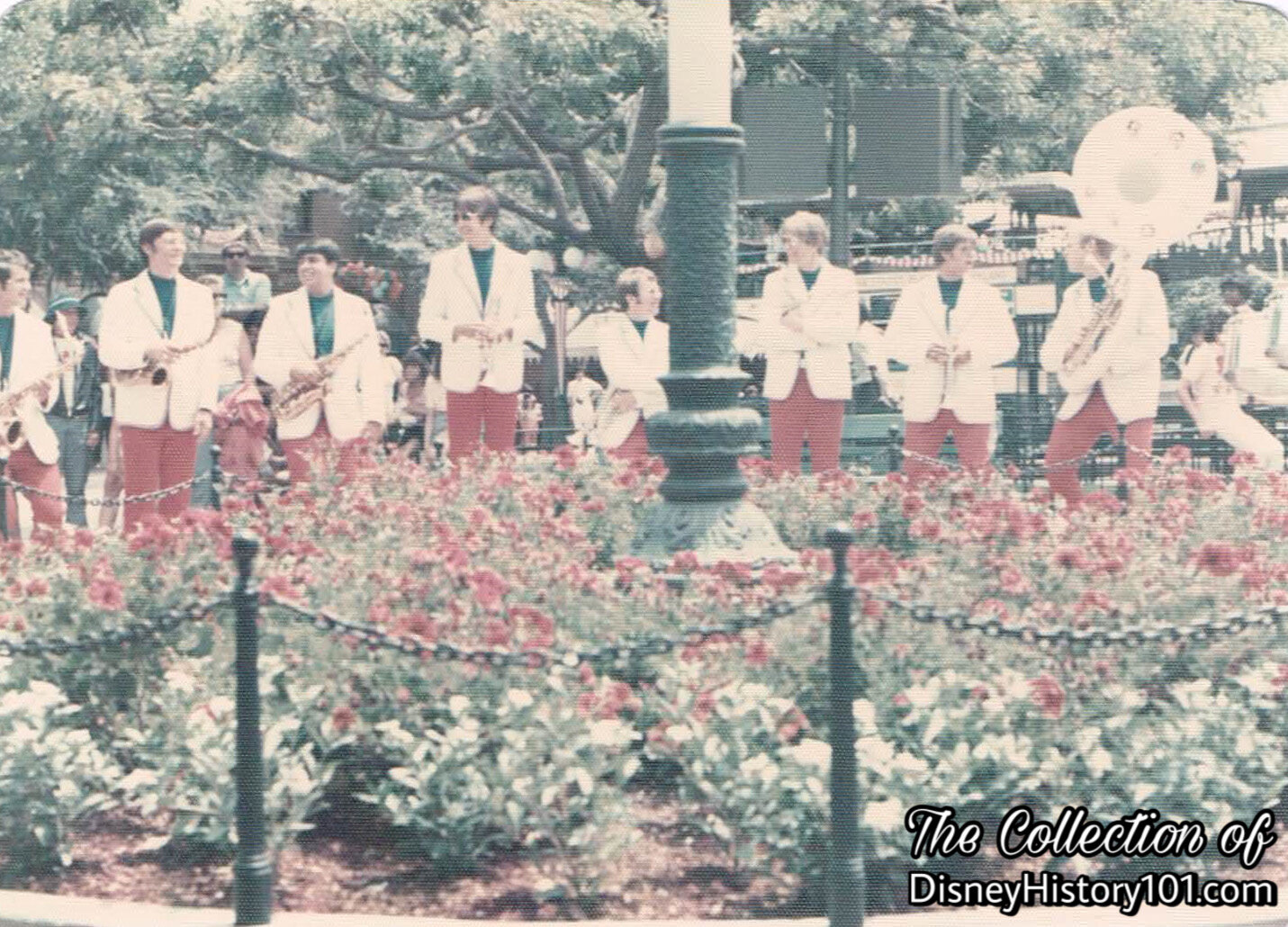
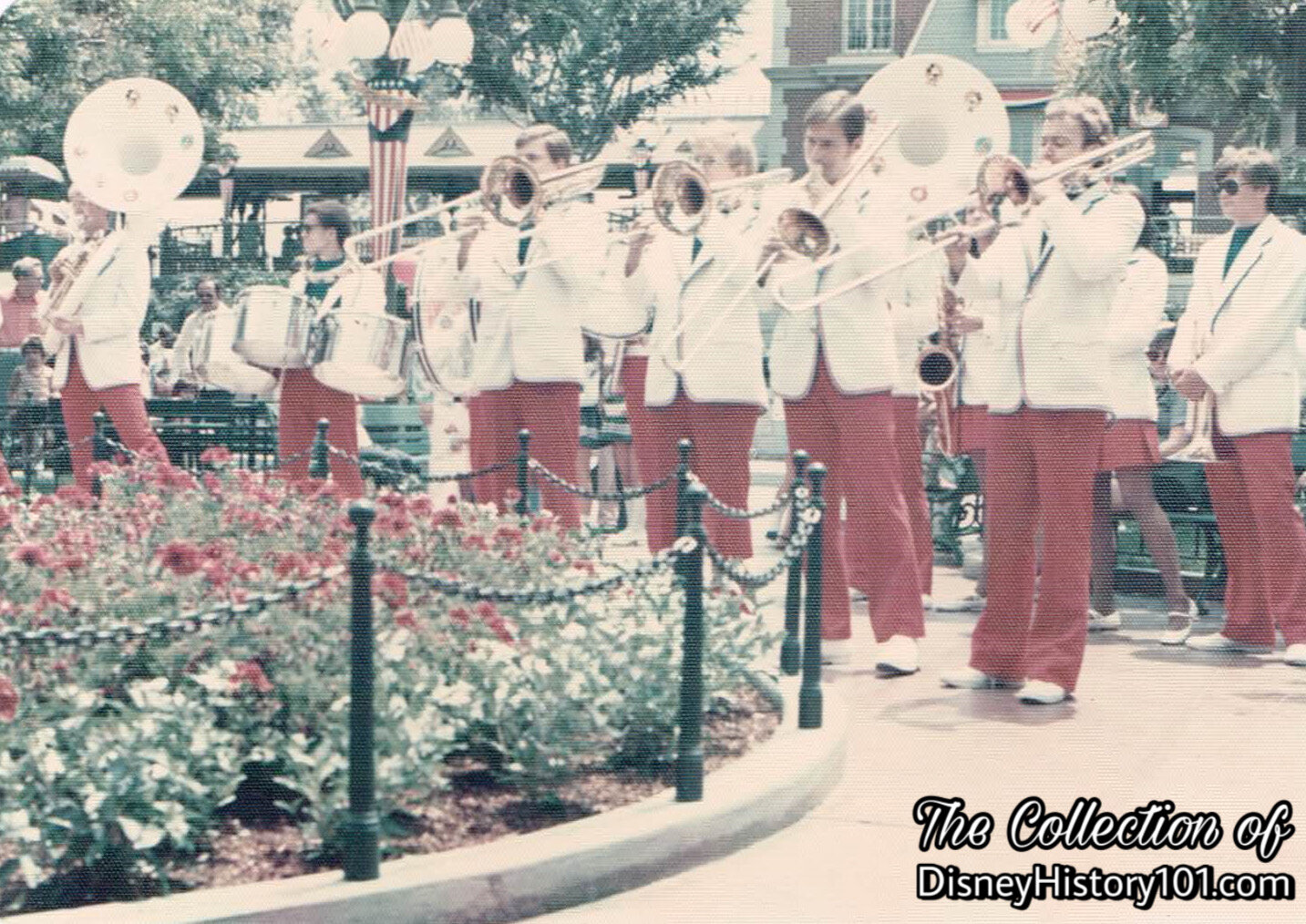
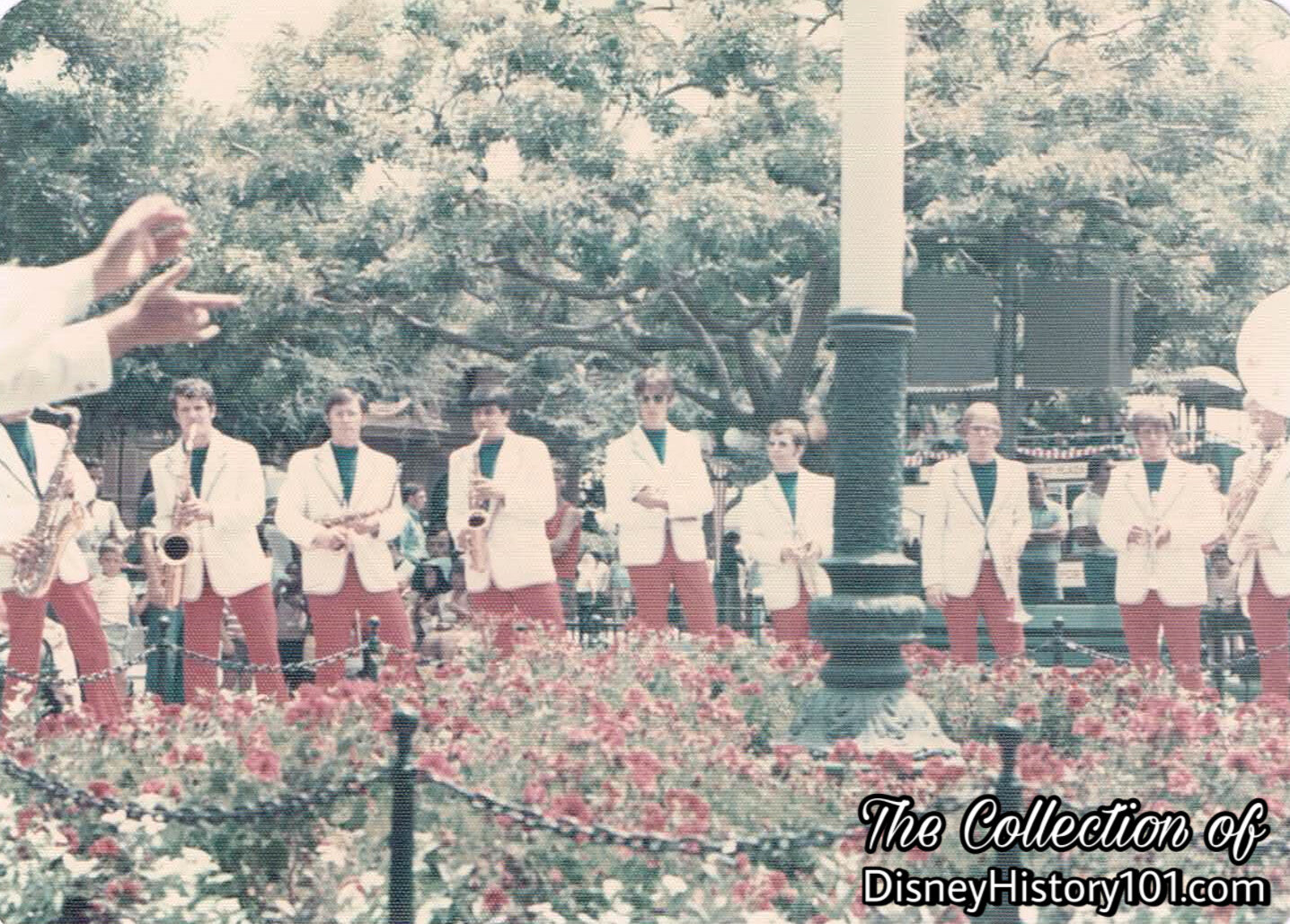
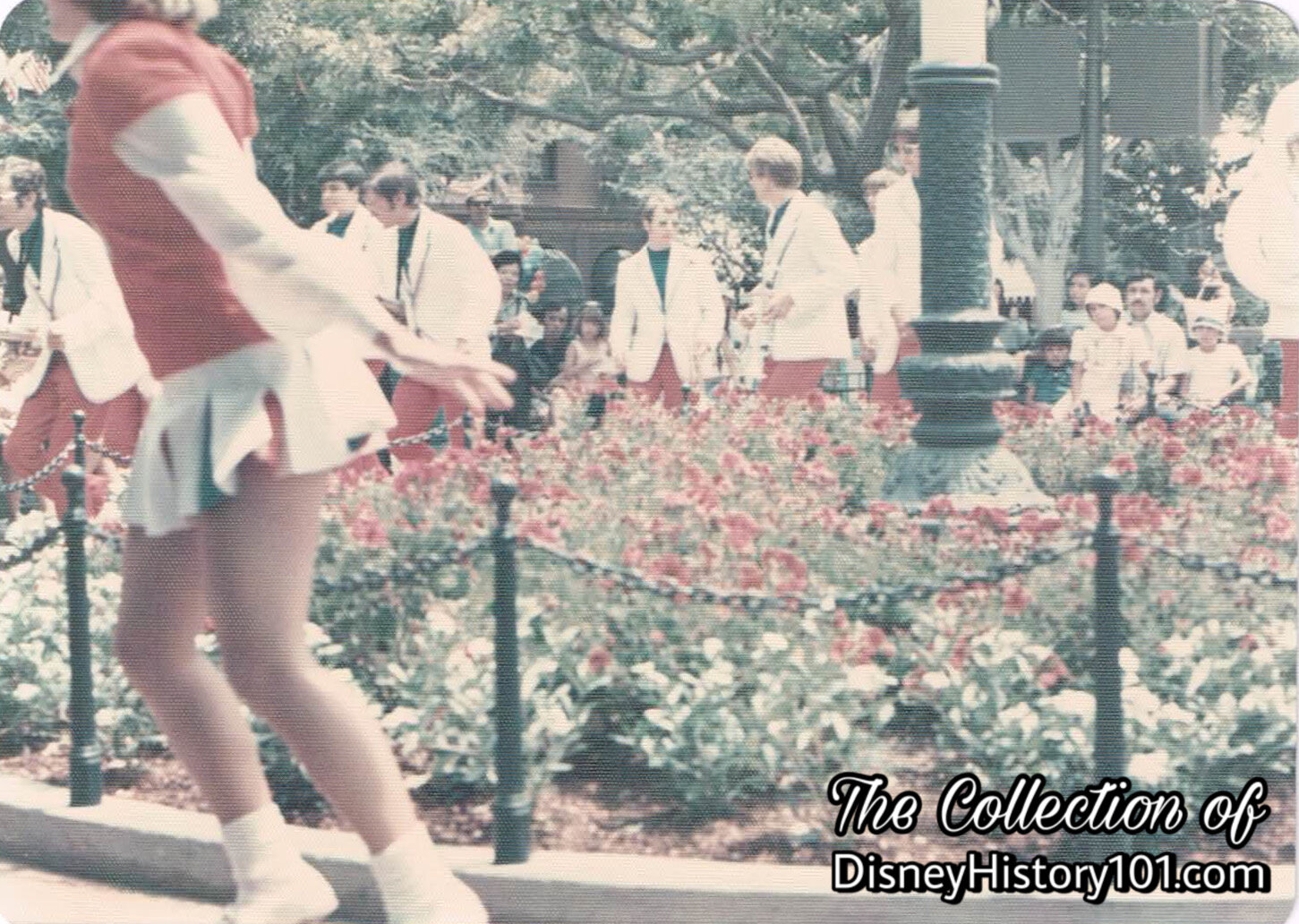
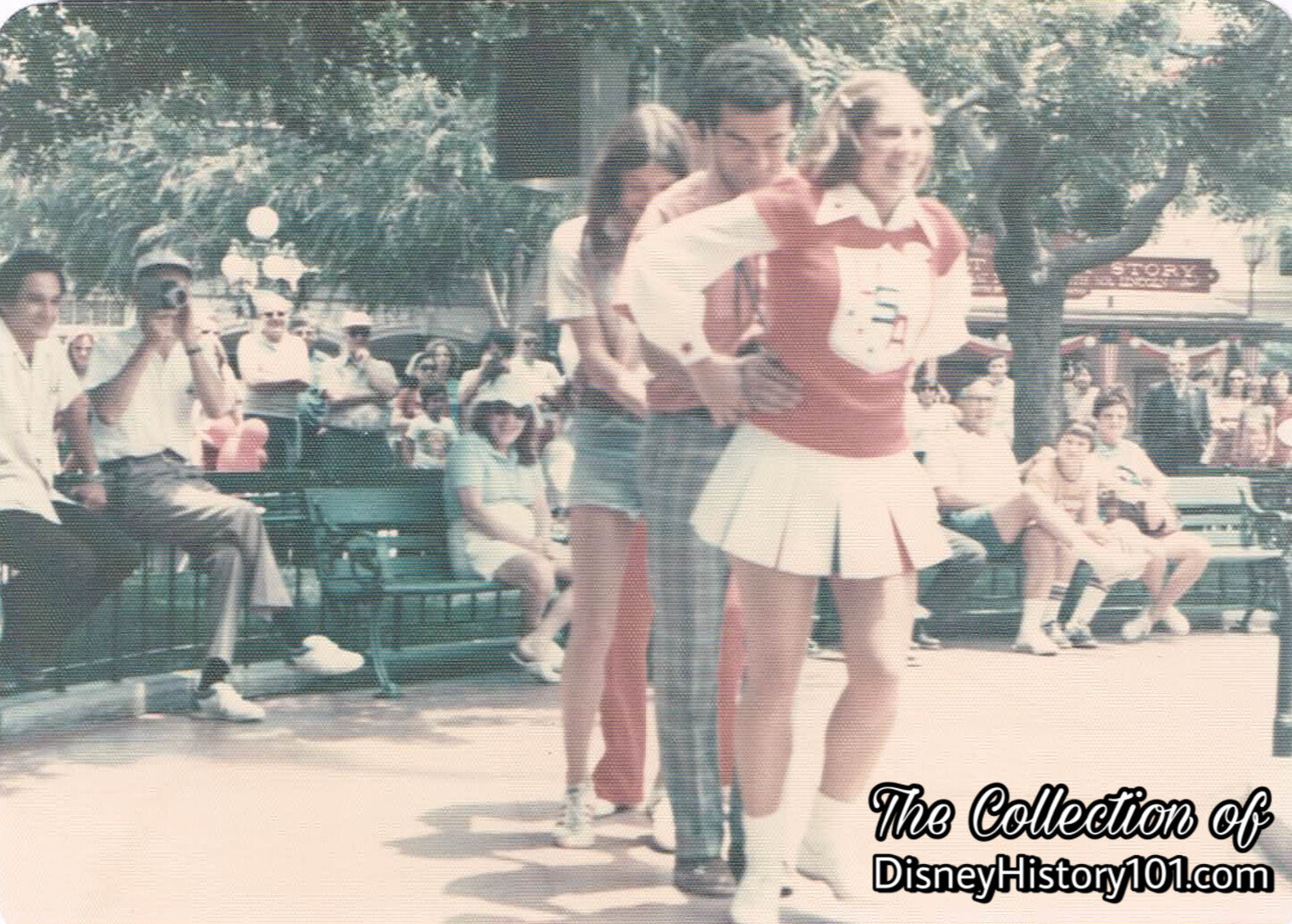
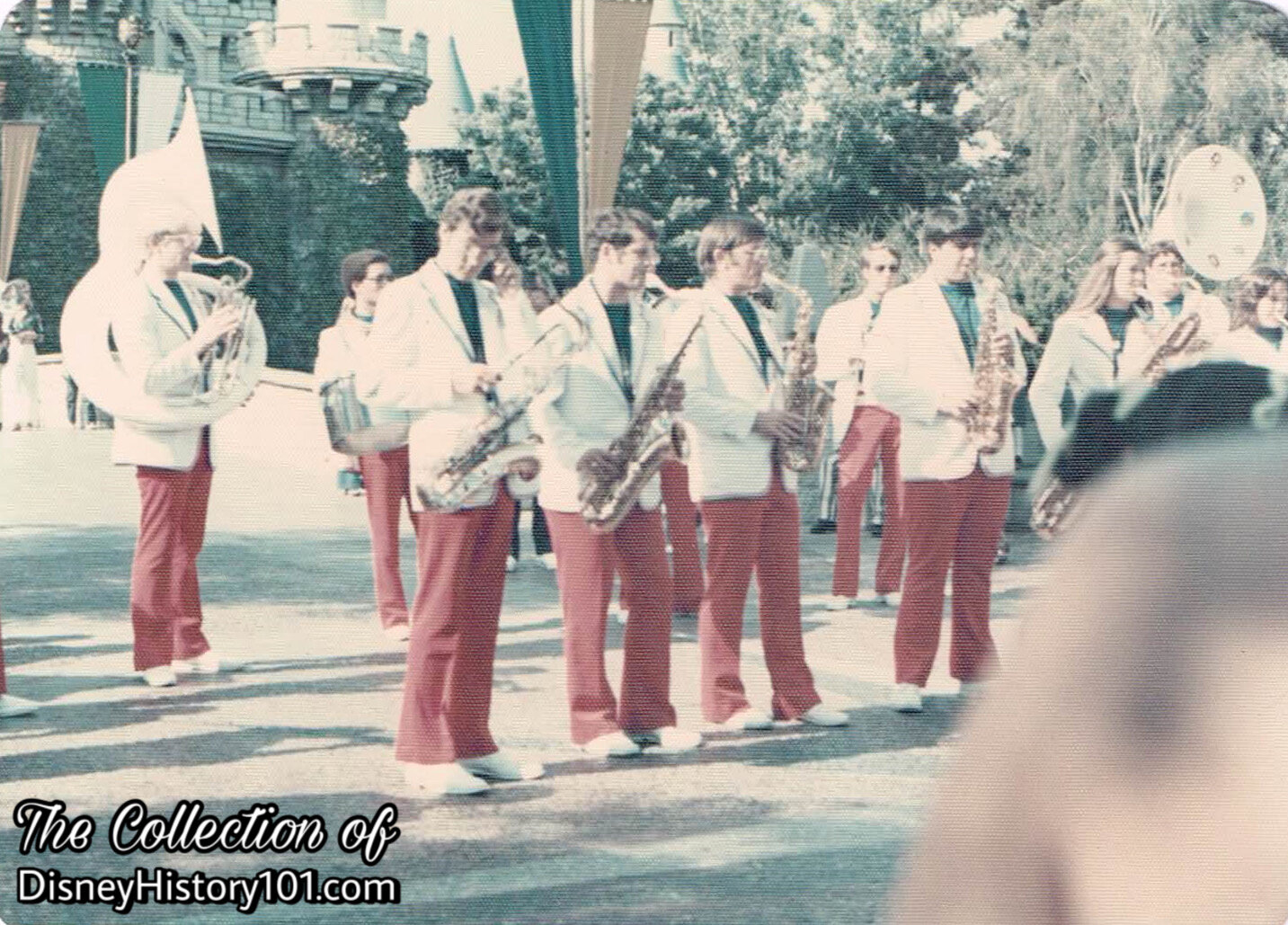
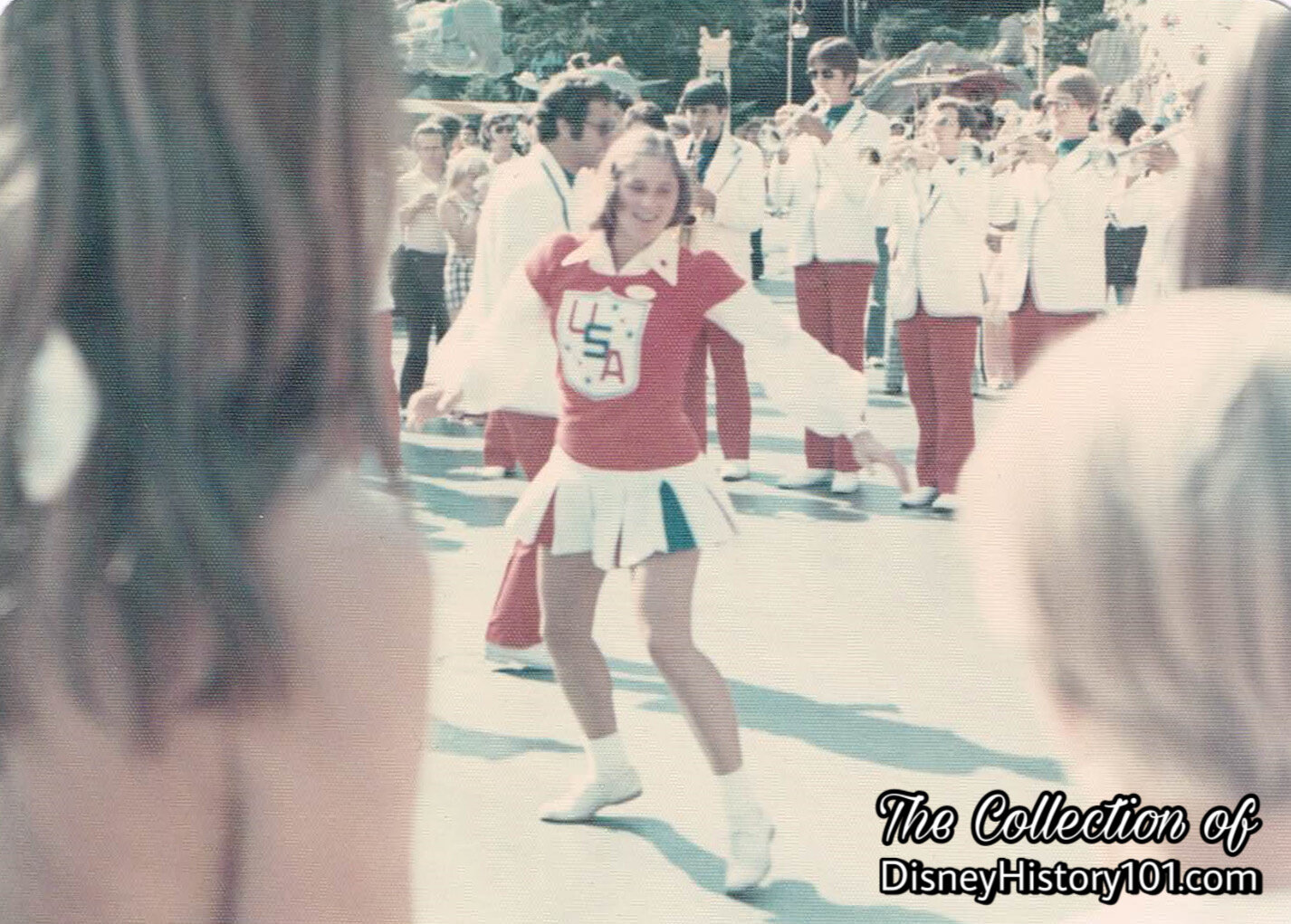
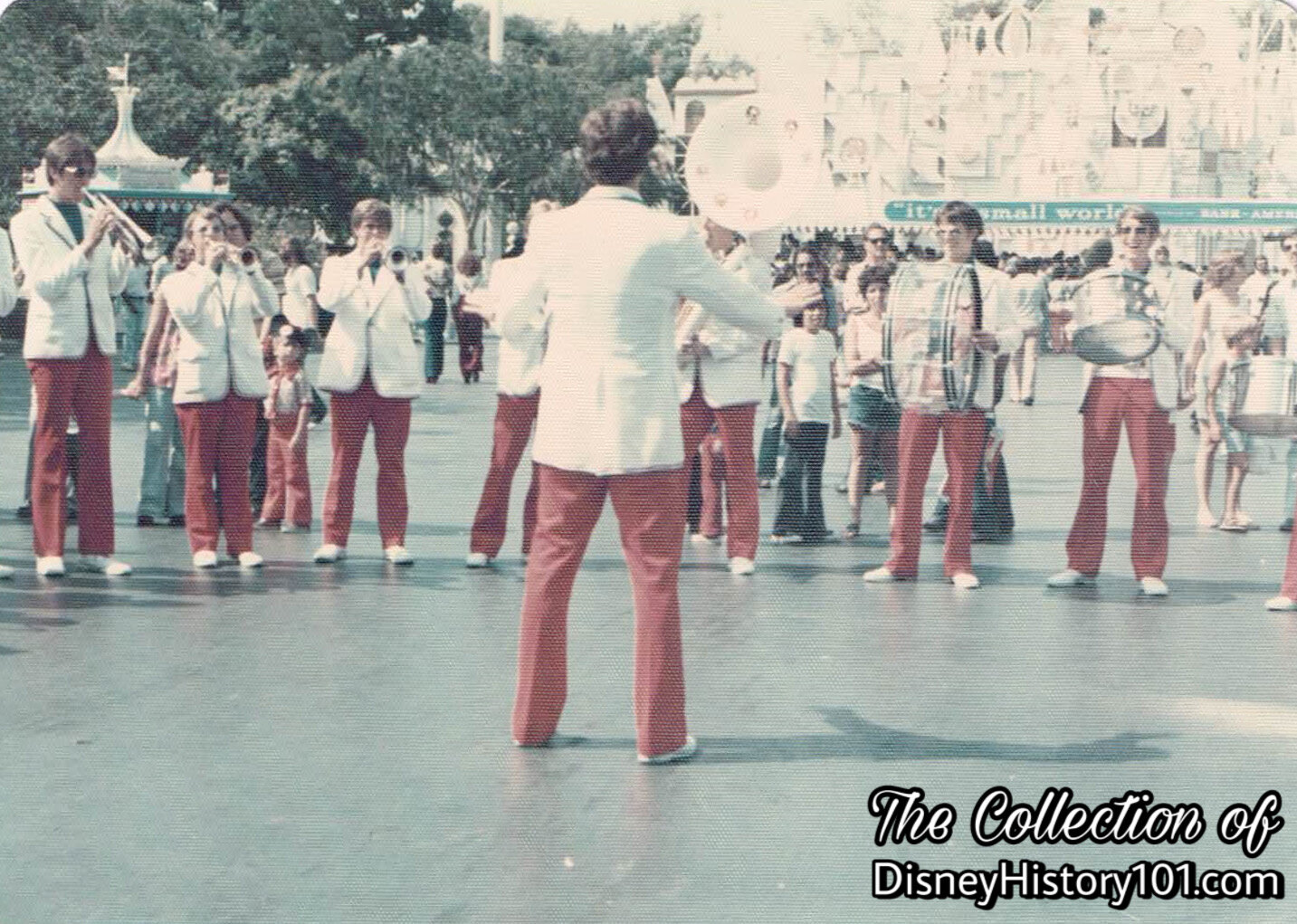
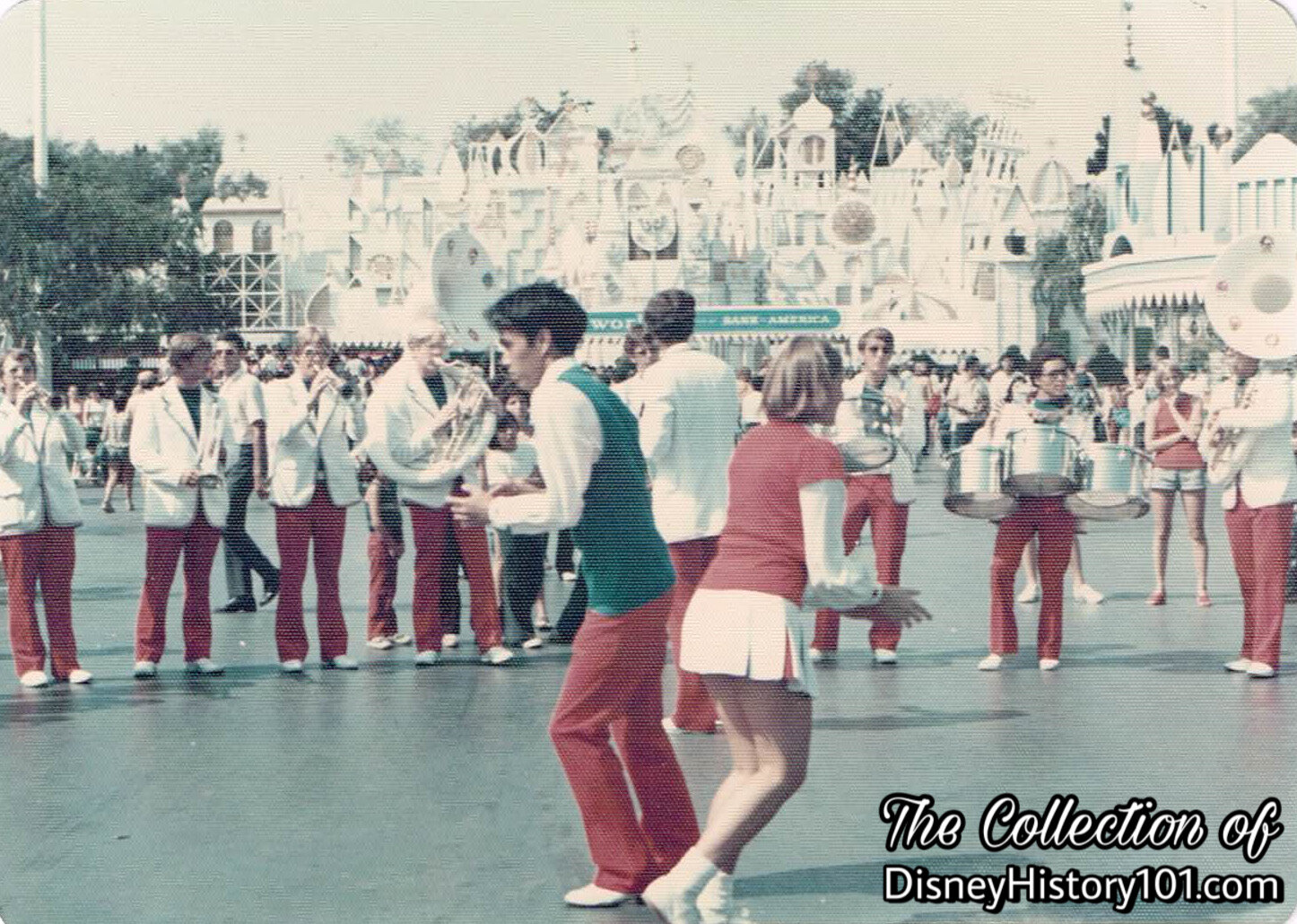
“‘What’s more American than hotdogs…baseball…and ice cream? I am!’ Each one whirls around and introduces his or herself and sings a popular song about his or her home state. Cheers of recognition burst forth from the Guests,” according to Backstage (summer of 1977).
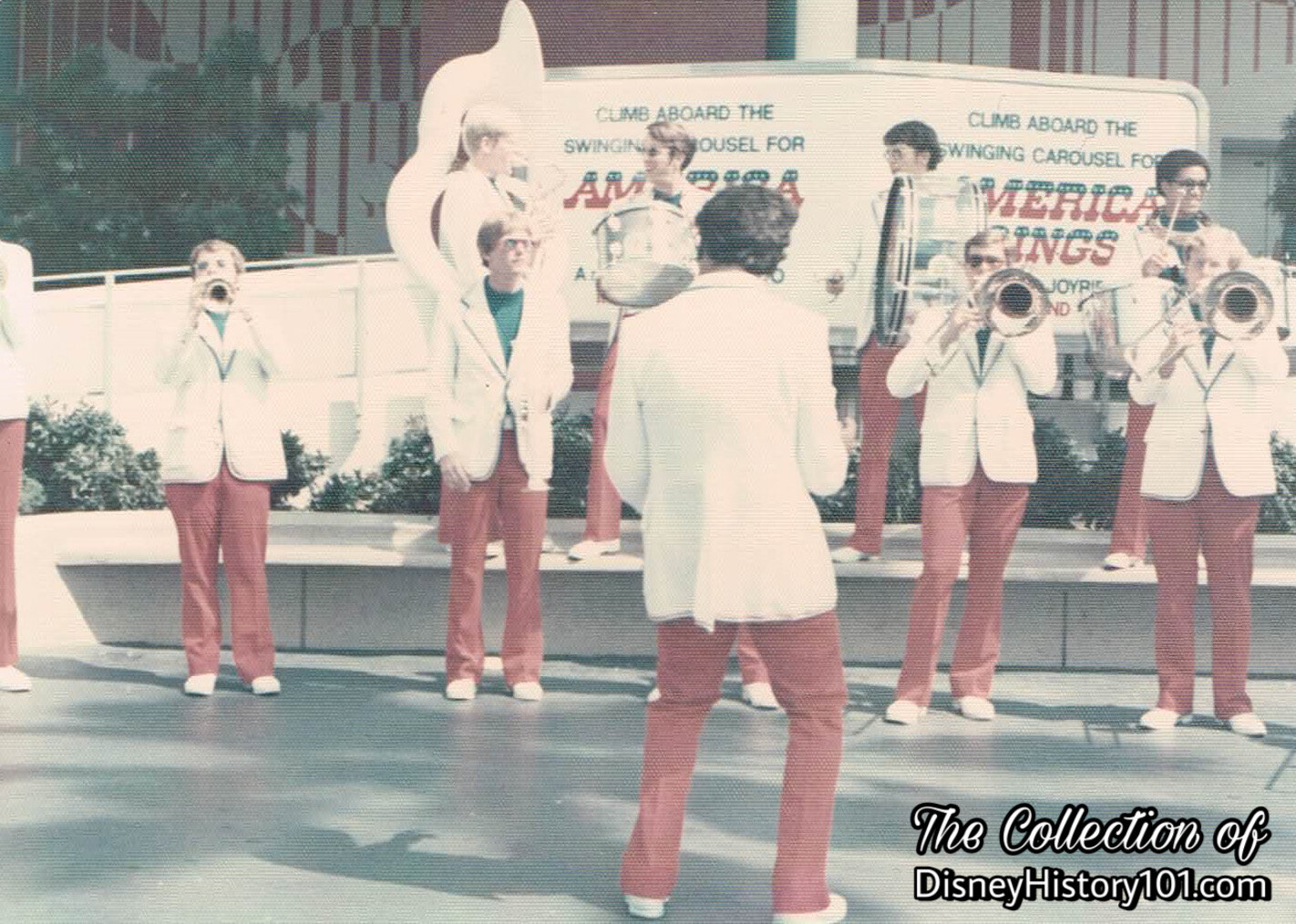
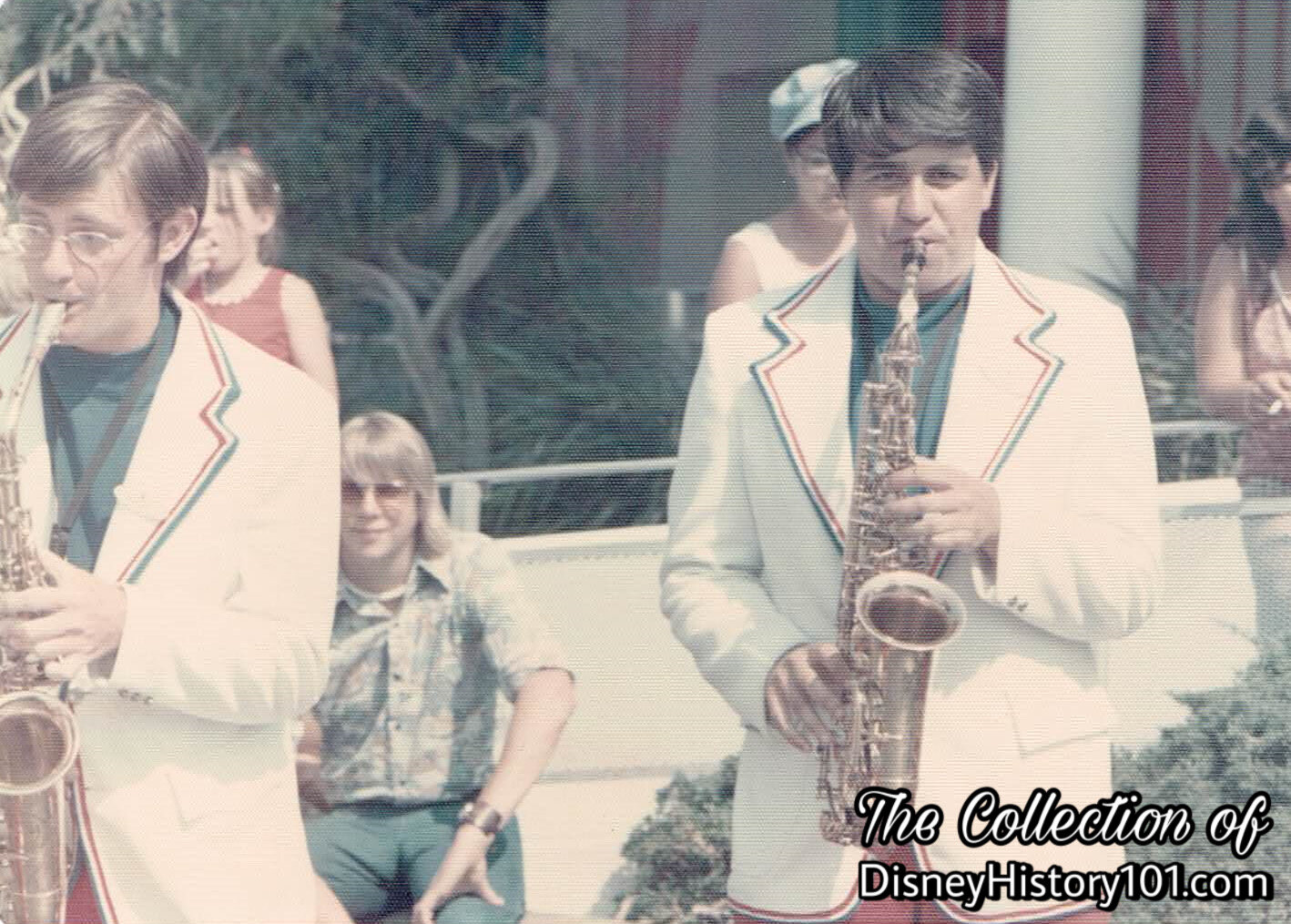
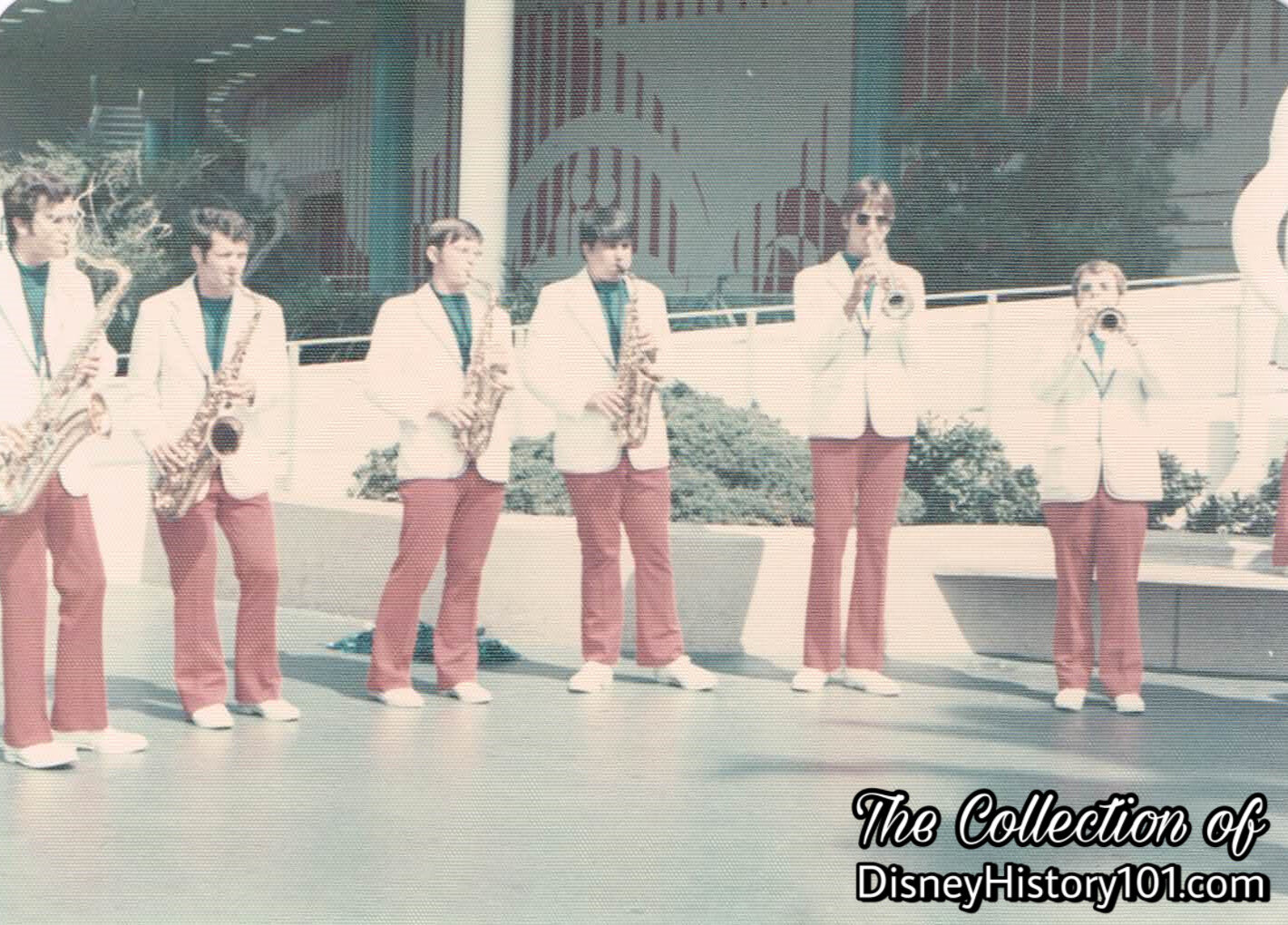
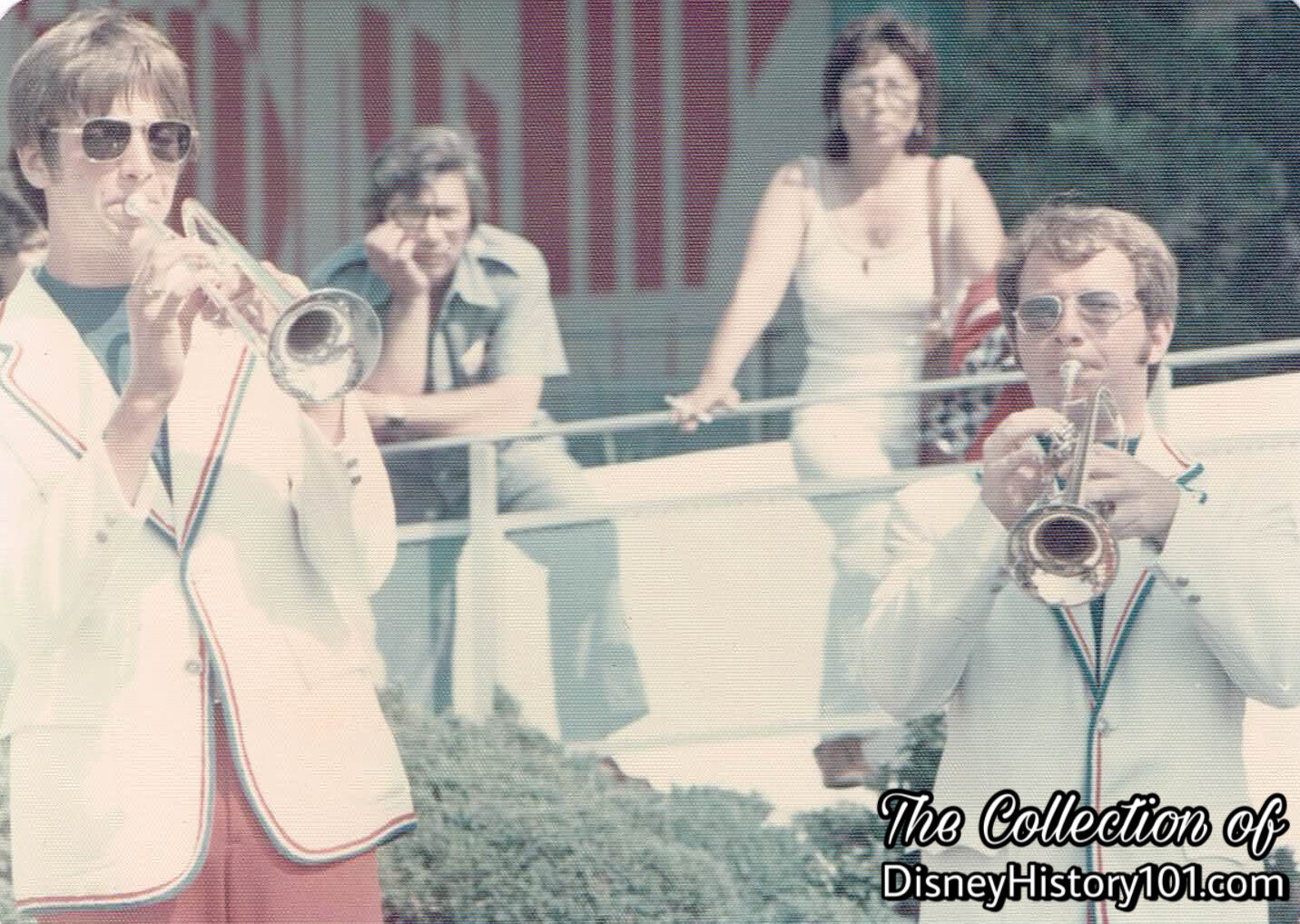
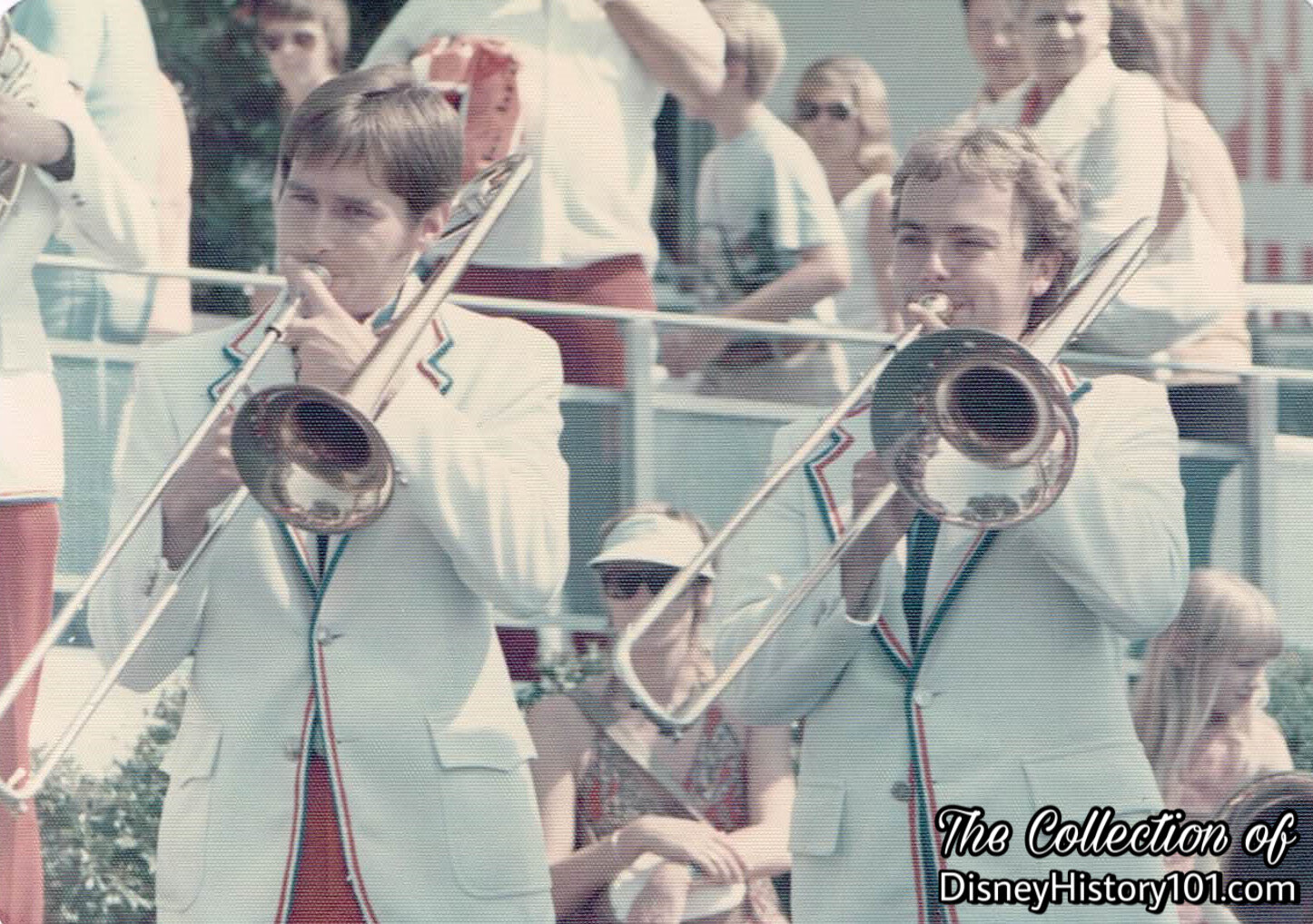
Trombone Section - Jim Boltinghouse (left), unidentified (right)

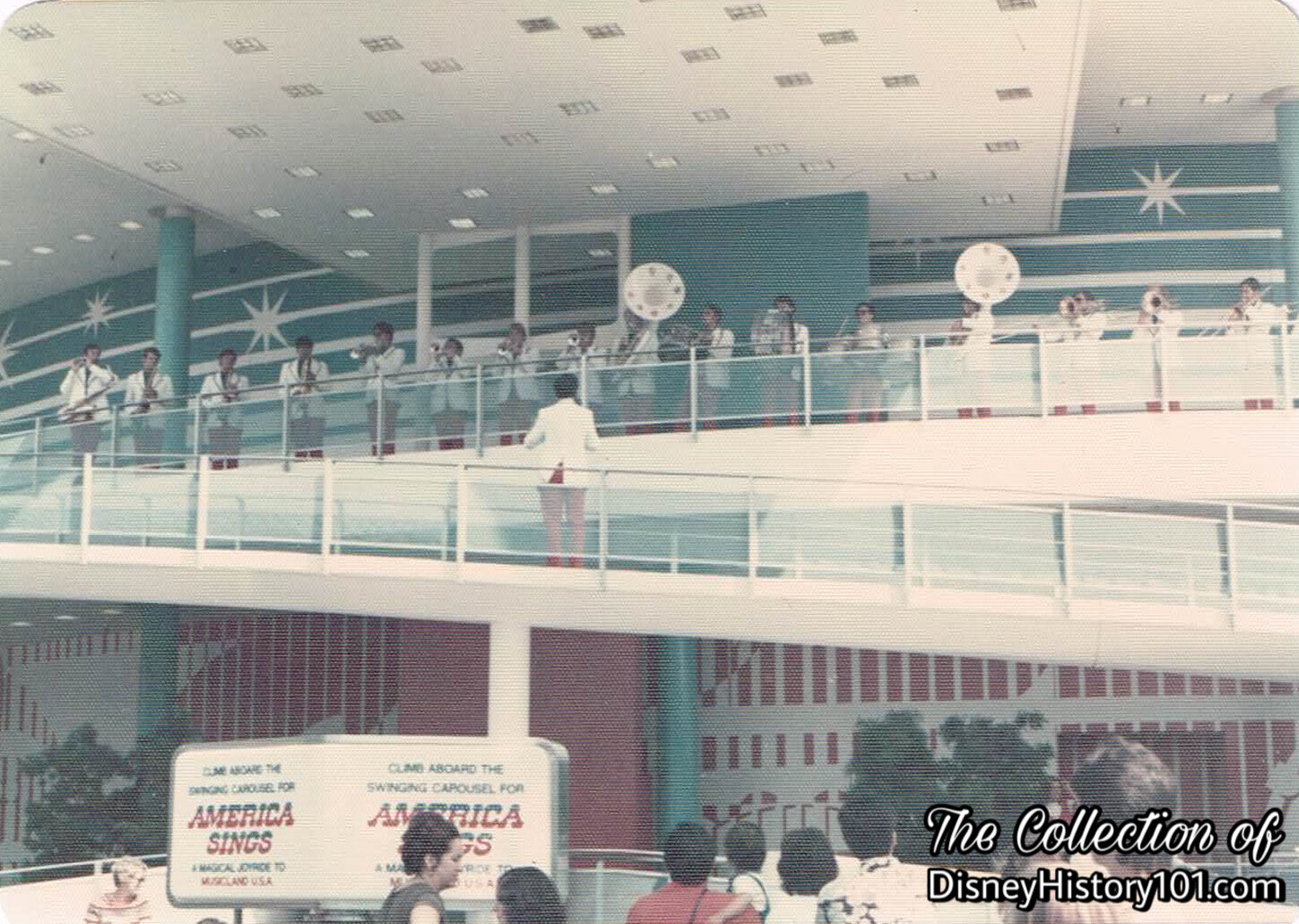

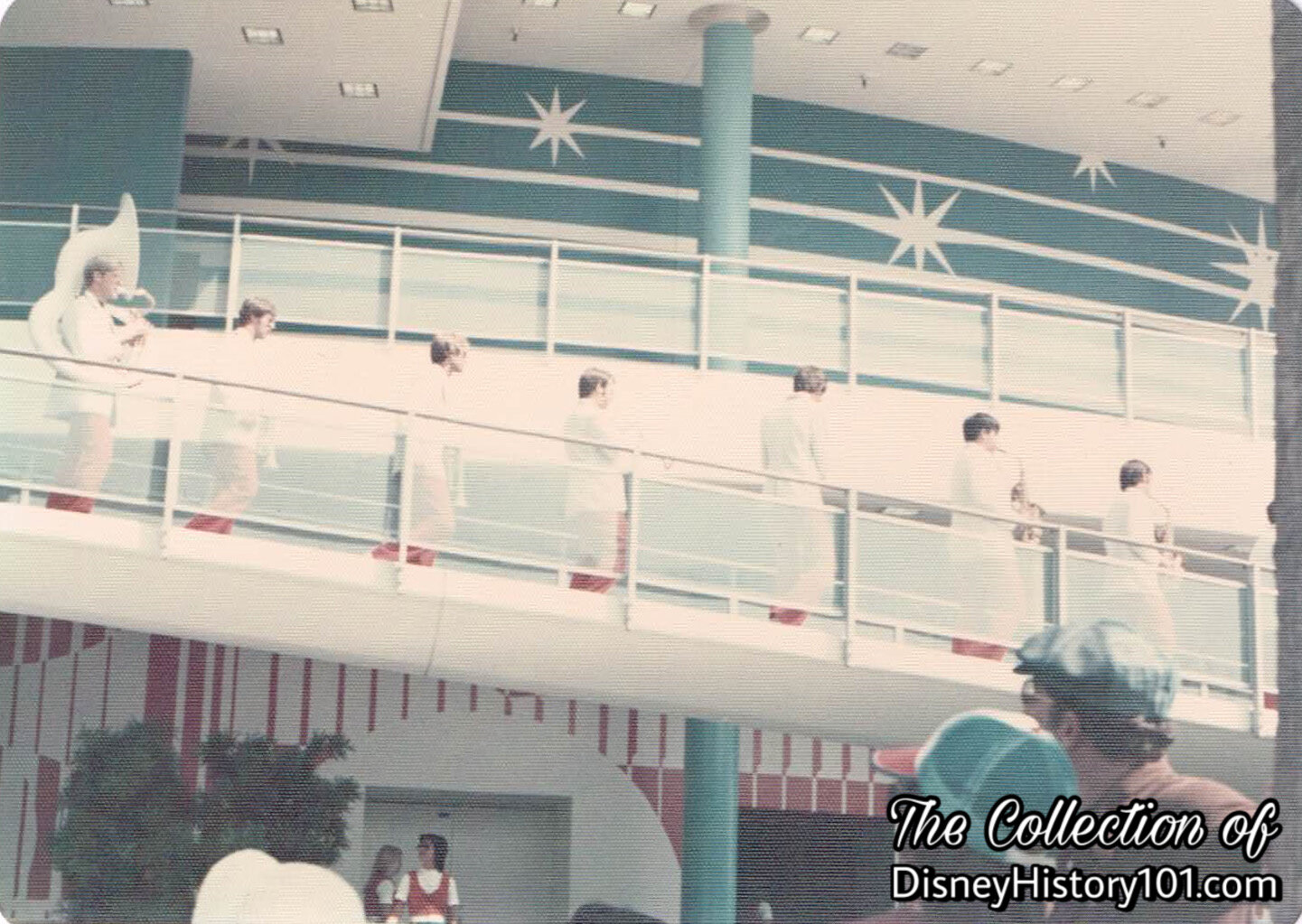
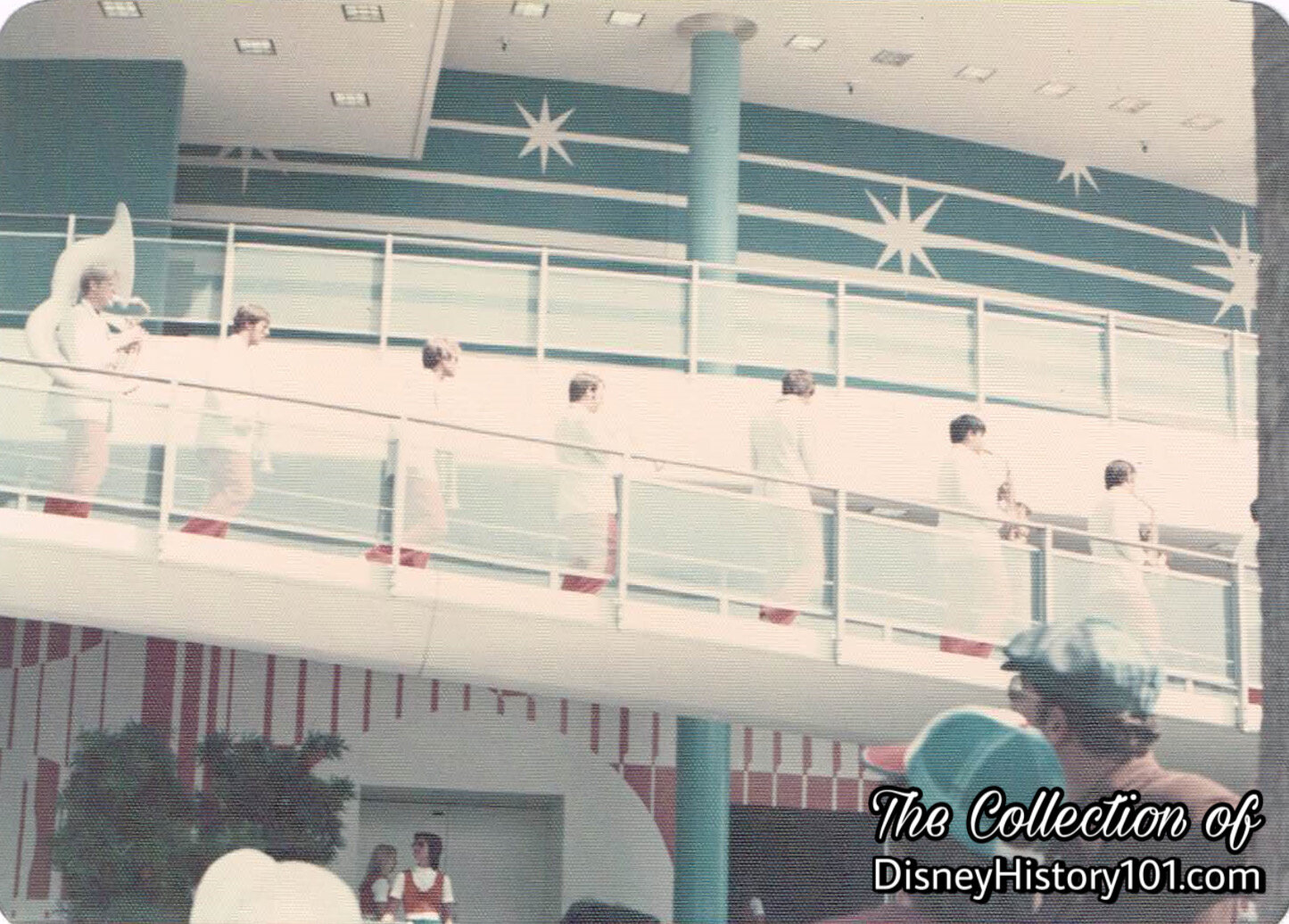
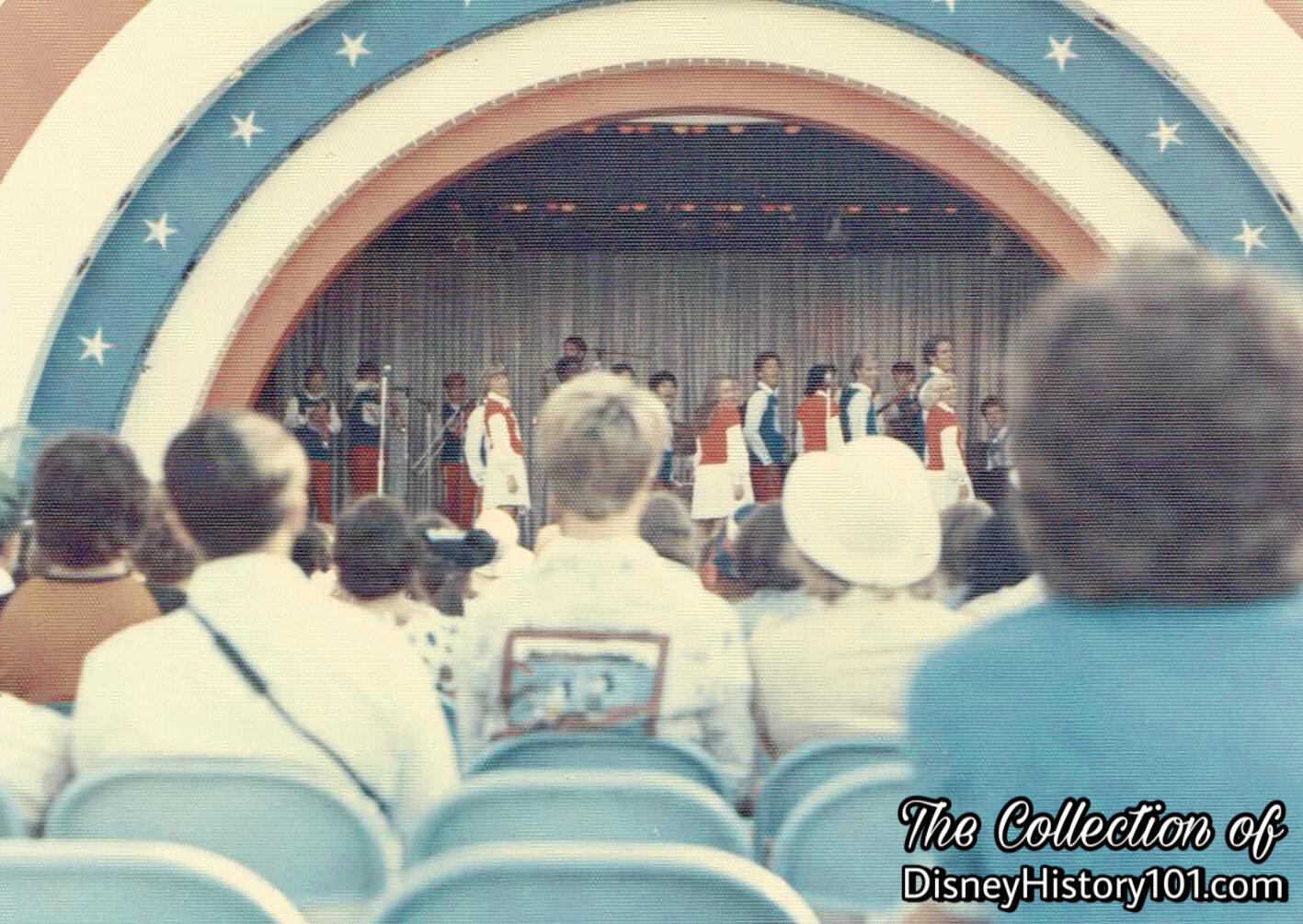
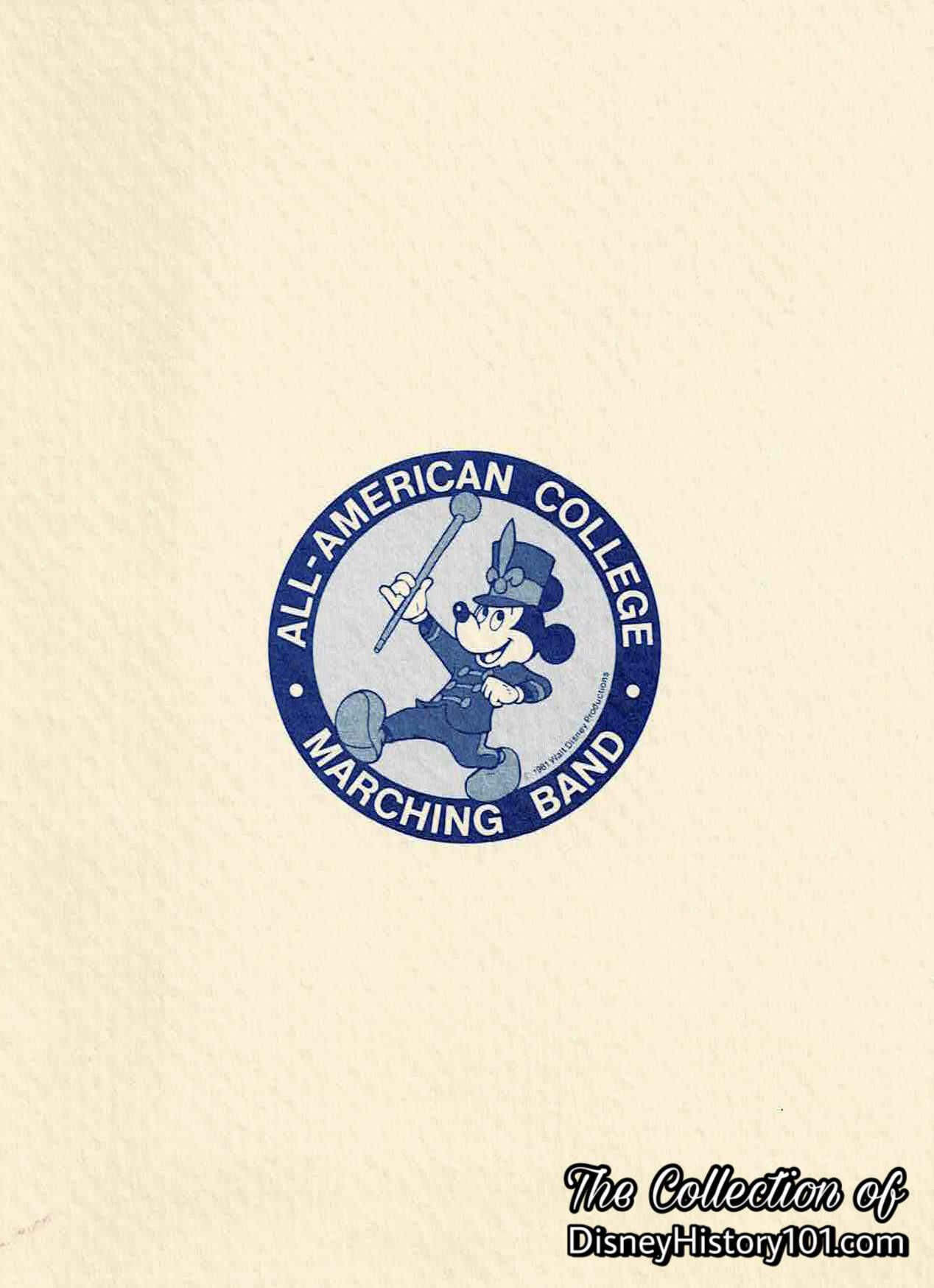
Farewell Banquets became a tradition - celebrating the talented Disneyland Cast Members of the All-American College Band.
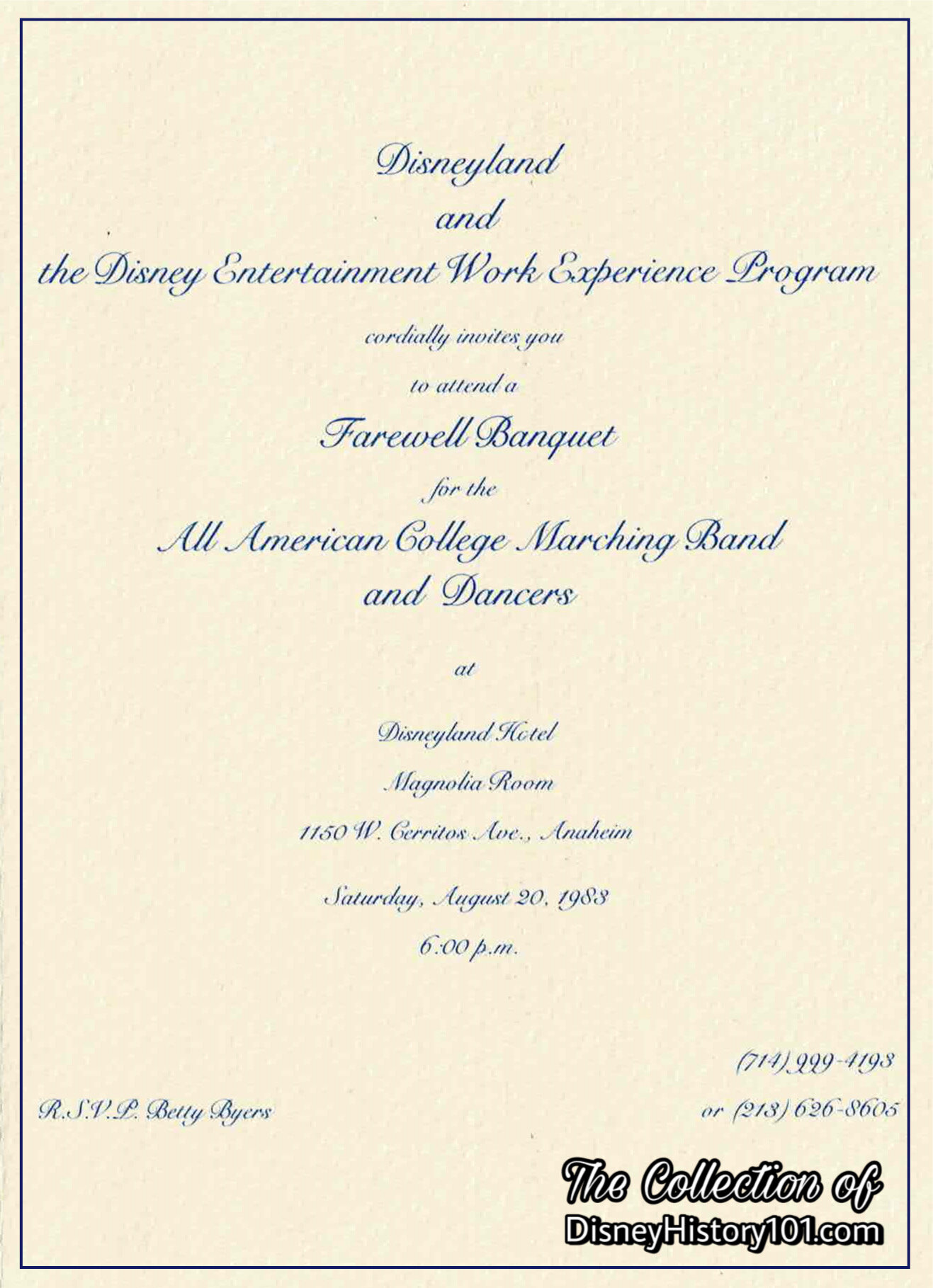
During the Sumer of 1983, the All-American College Band performed a concert (on July 23) and another concert featuring Bobby Shew (July 30).
By the time Disneyland celebrated “35 Years of Magic,” about 75 percent of the Park's summer employees were college students and teachers from Southern California. In fact by July 17, 1990, it was reported that well over 50,000 men and women had added to their college funds with Disneyland jobs during the past 35 years.
The All American College Band celebrated 25 years with Disneyland (1971 - 1996) in 1996! During their 45th anniversary with Disneyland (on Saturday, August 1, 2015), some of the All-American College Band alumni were invited back to Disneyland to form a band of more than 100 members that would help celebrate the milestone year. The then-current band director Doctor Ron McCurdy, invited Doctor Art Bartner to direct the first song - “Bubbles Was A Cheerleader”! In addition, the Director of The Walt Disney World All-American College Band was invited to direct a medley of Earth, Wind, and Fire songs.
Backstage magazine (published summer of 1977) best summed how the program is an example of “the principles under which Walt Disney and his Imagineers worked in creating Disneyland” when they quoted the words of Walt : “Disneyland is a work of love ; we didn’t go into Disneyland just with the idea of making money. When I make a profit I don’t squander or hide to away ; I immediately plow it back into a fresh project . . . and having spent most of my life observing their potential, I feel convinced that a full-time education for our youth is our best investment for the future.”
“Other Visiting Bands”
Many other Guest Bands were part of the Entertainment Show Schedule, participating in the Parade March and performing concerts in Tomorrowland.
1981 - Steamboat High School Band (March 26), Sheridan High School Band (March 25), Elobigoke Youth Band of Salvation Army from Canada and Agua Fria Union High School Band (March 27) performed.
1986 - Holdridge High School Marching Band and E.L Meyers Jr/Sr High School Marching Band (April 14), Grey High School Marching Band (April 17), Calaveras High School (April 18), Cupertino High School Pioneer Marching Band and Kingsburg High School Marching Band (April 19), Mayfield High School Marching Band (April 20).
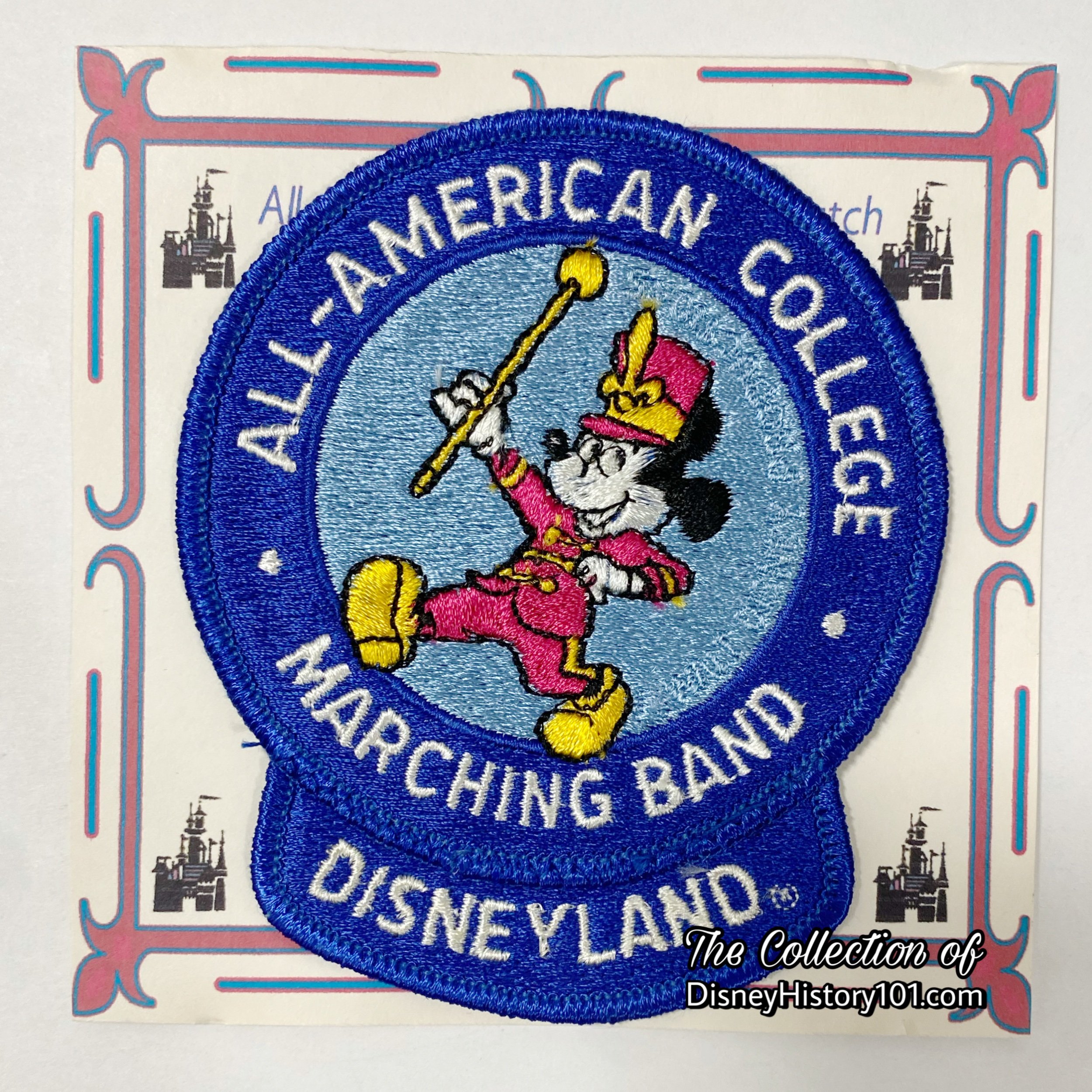
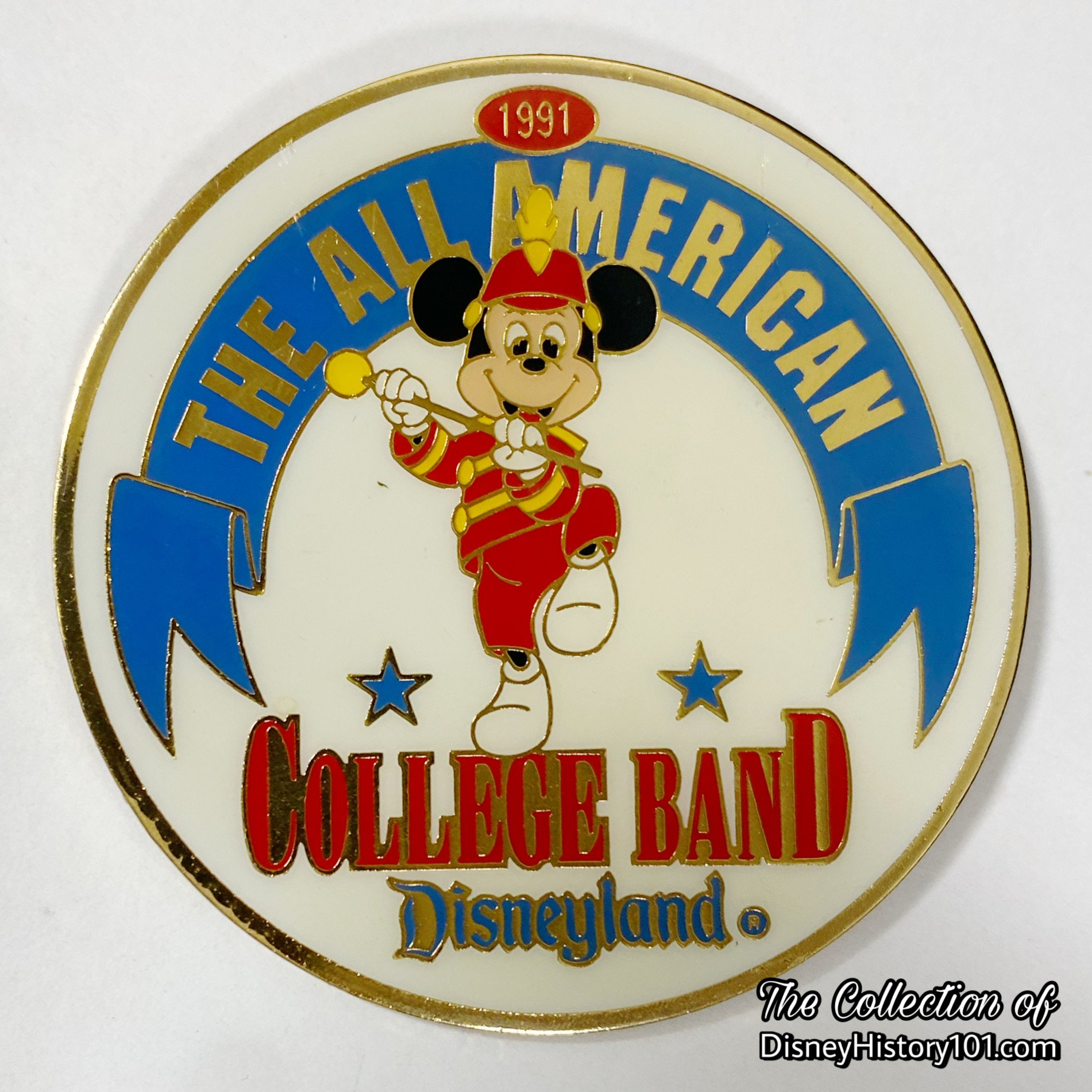
In the present, Magic Music Days/MMD is a program that offers performance and educational workshop opportunities at the Disneyland Resort to vocal and dance groups all over the world.
AMERICA ON PARADE (and CELEBRATE AMERICA & AMERICAN GAZETTE)
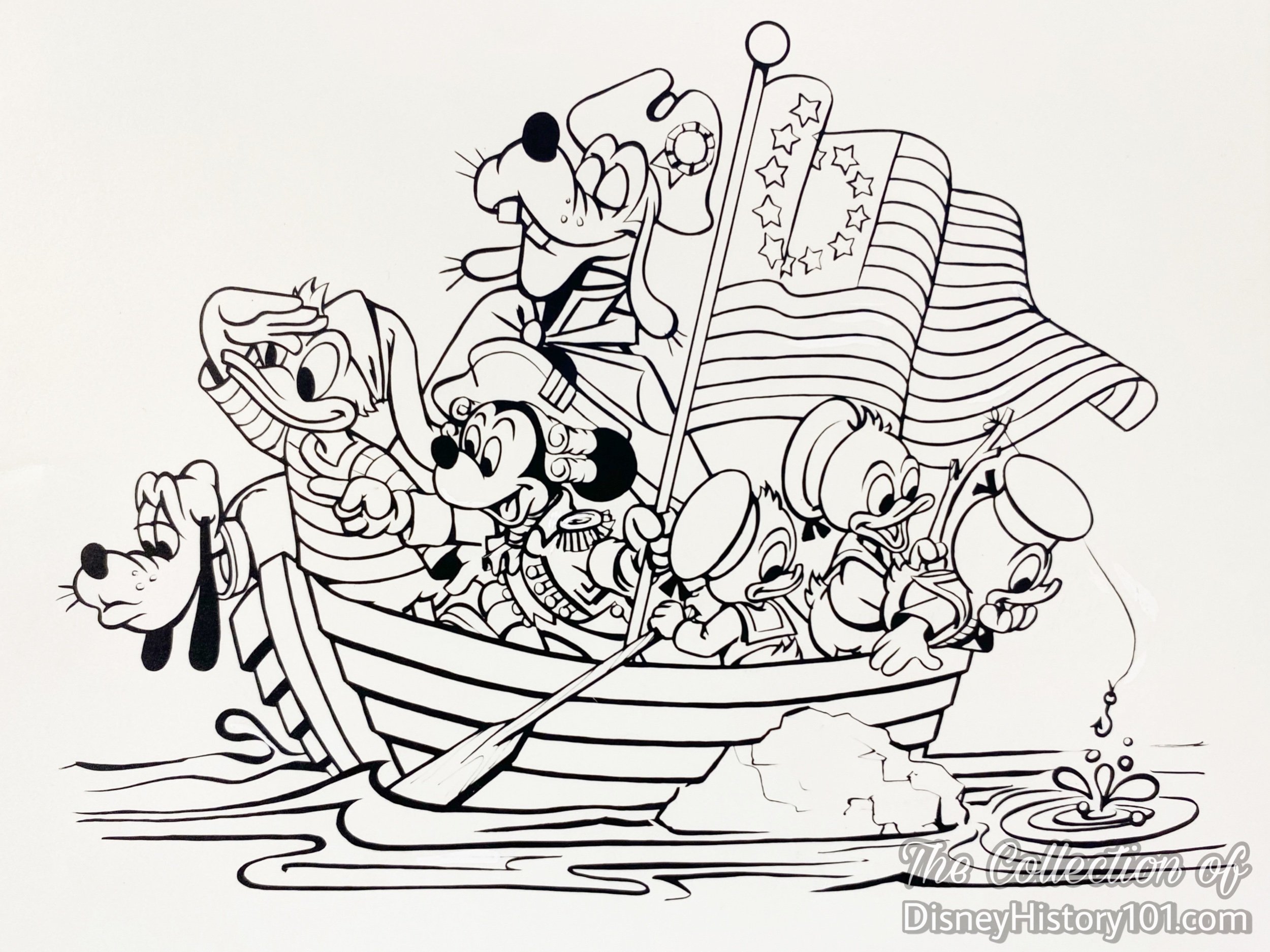

*Master Script display the dates “June 14, 1975 - September 6, 1976.”
“I get red, white and blue at times.”
Walt Disney was always a notable patriot! In an interview he once said: “If you could see in my eyes, the American flag is waving in both of them and my spine is growing this red, white, and blue stripe.” According to one newspaper insert published July of 1955: “When World War II broke out, scores of highly trained Disney technicians streamed into every branch of the armed service, and the studio turned unreservedly to the service of Uncle Sam.”
Naturally, a portion of Disneyland was dedicated to Main Street, U.S.A. It was there that Disneyland has held Flag Retreat ceremonies since 1955. A decade after the first Flag Retreat Ceremony, Walt and company created the Great Moments with Mr. Lincoln for the New York World’s Fair and soon brought the show to Disneyland. Disneyland has always hosted patriotic holidays. Most recent (in 1971), the “I Am An American” Ceremony in Town Square commemorated both Lincoln’s and Washington’s birthdays over a four-day weekend owing to the newly passed Uniform Monday Holiday Act.
Then, when Walt Disney’s Magic Kingdom was finally realized at Walt Disney World in Florida, the Hall of Presidents and Flag Retreats kept the patriotic flame lit.
“A salute…a celebration…of our nation’s 200th birthday year at both Disneyland and Walt Disney World.”
Two-hundred years after thirteen British colonies “engaged in revolutionary battle with England,” which led to their Declaration of Independence (on July 4th, 1776), Disneyland and its affiliates would commemorate this historic event by celebrating the largest American Bicentennial in the United States of America! In twenty years Disneyland had hosted some 135 million people. By the time the United States celebrated the Bicentennial of its Declaration of Independence, Disneyland would boast its second highest peak attendance for one day - 79,680 guests - during the Park’s “Celebration Summer,” on July 4, 1975!
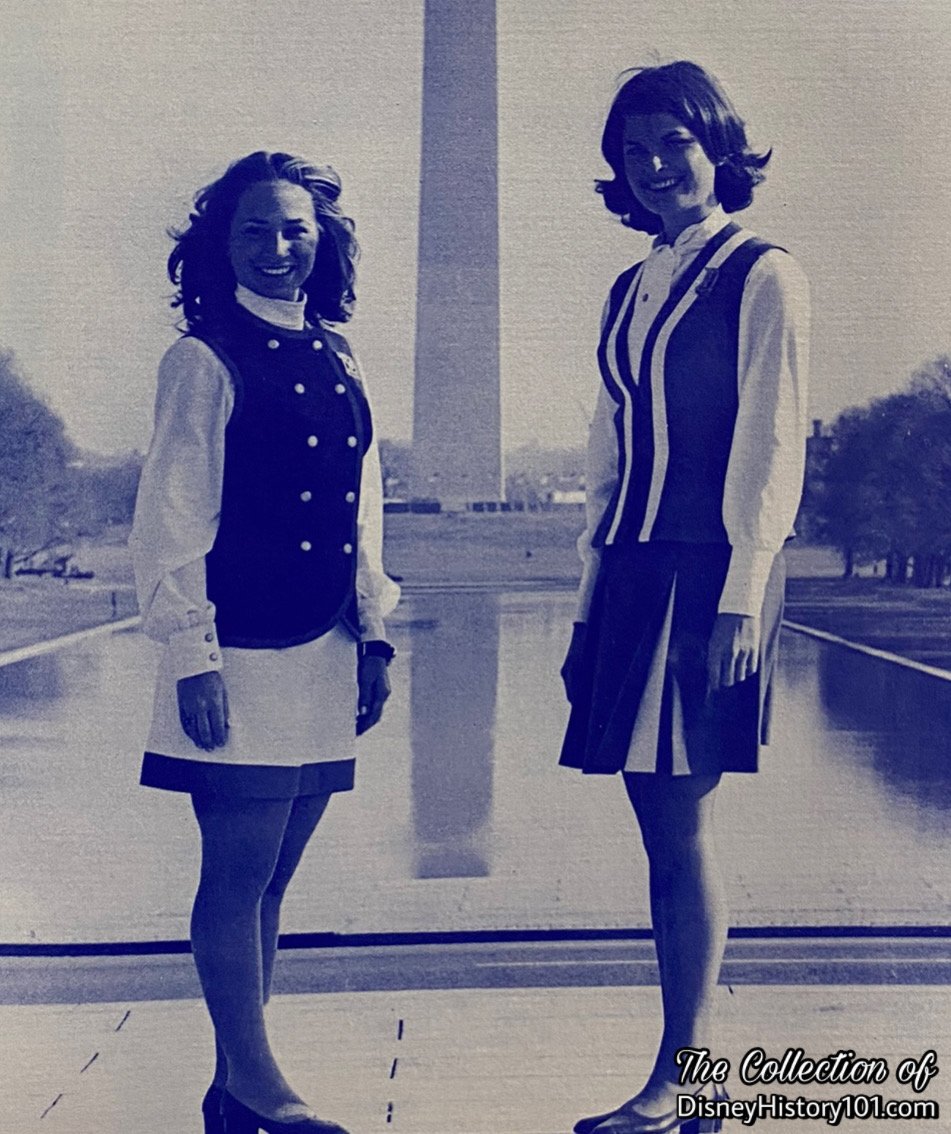
Disneyland Ambassador Kathy Smith and Walt Disney World Ambassador Suzy O'Hara became VISIT USA Ambassadors, “visiting major cities around the globe, conveying their message of goodwill with numerous foreign dignitaries and encouraging travel to the United States. Upon their return to the continental United States, the two ambassadors” began their U.S. itinerary, during which time they called on the 50 governors, offering a personal invitation to them, and all the residents of their state, to visit either of the Parks and hopefully join in celebration.

Now, everyone loves a parade, and a week later, Disneyland (the “national treasure”) commemorated the American Bicentennial when the three-quarters-of-a-mile-long “America on Parade” stepped off in a Press Preview performance held Thursday, June 12th, 1975, from 6p.m to 10p.m. Encore performances were held twice daily (at 3pm and 10pm), starting with a public debut performance on June 14th, 1975 (a week after Walt Disney World’s version began, on June 7, 1975)!
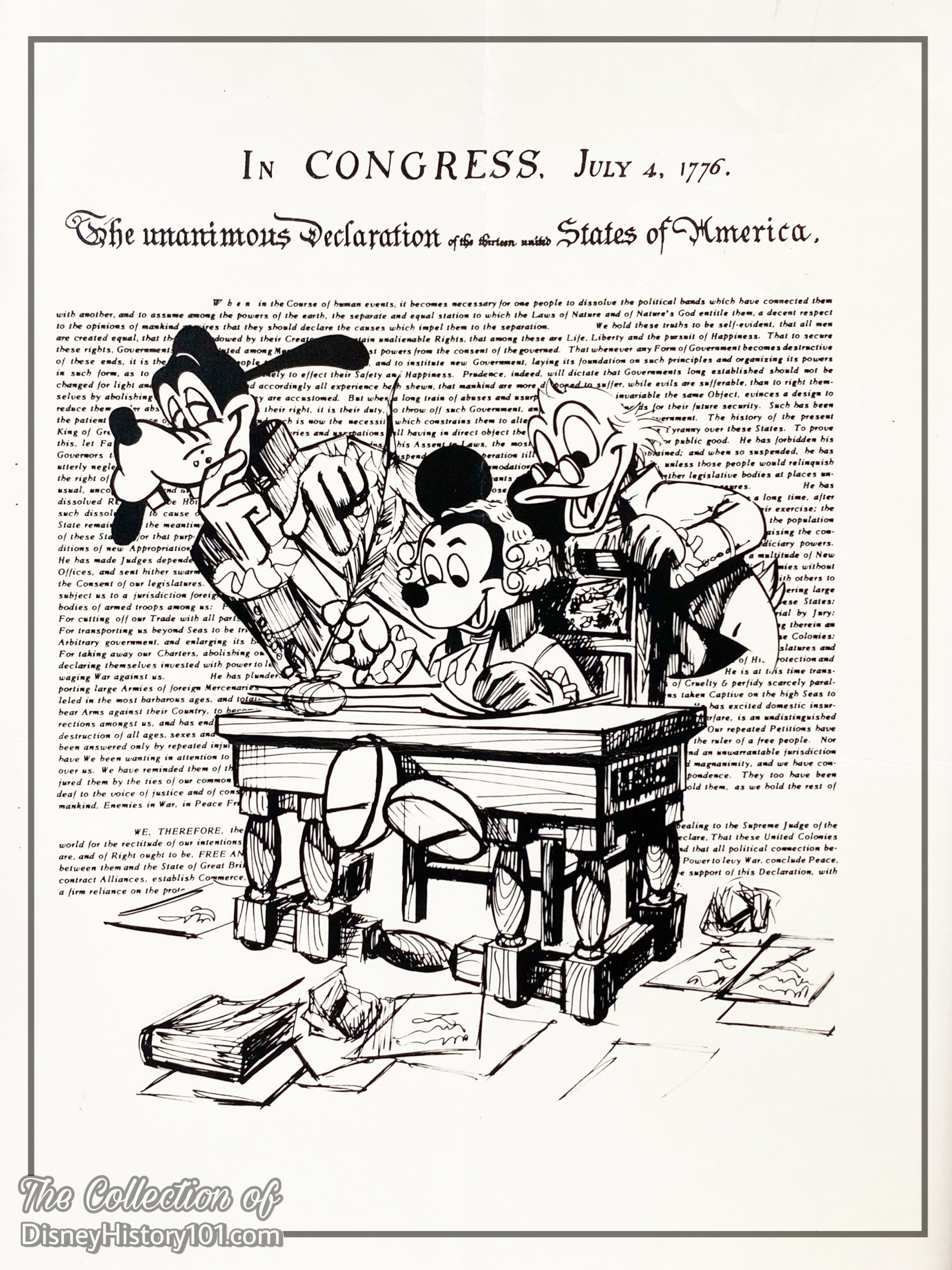
PRE- PRODUCTION : The parade actually began development nearly two years before the pageant’s scheduled debut. American history, people, achievements, and life styles was researched for at least a year and then concepts of floats were drawn. Models and blueprints of the parade units were soon created with maneuverability and flexibility in mind. The floats also needed to be sturdy to last 15 months of operation.
The idea of People of America - “an entire new family of Disney characters was created to… make park guests, old and young alike, see the pageant as through the eyes of a child.”
Production continued under Tom Tancredi (Project Coordinator) and Jan Slezak (Parade Coordinator). Bob Jani (known for his later work on Fantasmic) directed. Peter Larkin provided float design. Barnette Ricci, Bonnie Cox, and Marilyn Magness choreographed the action.
Within the pages of “55ers: The Pioneers,” Ray Schwartz shared : “I'm helping to coordinate the Bi-Centennial 'America On Parade! The parts are coming in from coast to coast... Florida... California…New York...Las Vegas. I have to see that it gets assembled and operating. This is the biggest project that I've ever been involved in! We have quite a lot of modifications to do...for instance, most of the floats come separately from their drive units, which we must install. Then there is quite a lot of mechanical and electrical work to do in tuning up the units. There is painting and repair work to be done to floats that were damaged en route to the Park. In particular, an airplane on a float came in, that looked like it had made a crash landing, with the undercarriage pushed up into the fuselage... fortunately, the wings were not attached! The rehearsals are going on now and the routines and costumes are something to behold! People are going to be amazed!…..the SPLENDOR...the IMAGINATION and the UNENDING hours of painstaking work to make it all work. It gives us all such a sense of accomplishment to see the parade go down the street...even in rehearsal!”
Music, as a basic ingredient of showman-ship, covers the Park. Personnel of the Walt Disney Music Library searched for tunes that would translate well through the music box or band organ blended with a Moog Synthesizer. In his Disneyland debut, Don Dorsey provided the musical arrangement of “The Glorious Fourth” by The Sherman Brothers, as well as traditional favorites like “Yankee Doodle” “Battle Hymn of the Republic”, “Good Old Summertime”, “There Is No Business Like Show Business”, “This Land Is Your Land”, “Take Me Out To The Ballgame”, and “God Bless America”.
This Don accomplished in noticeably new and different styles, with custom-made punched-hole piano books (in Antwerp, Belgium), played on antique carousel organs (like the restored 1890 “Loudmouth Sadie Mae” found in the private collection of Paul Eakins, of Sikeston, Missouri). Don then superimposed synthesized effects and sounds over the arrangement. Don also developed “Mickey Track” - a computer-controlled system which controls the parade’s music along the route. This method of broadcasting taped music to separate parade units was developed just three years prior.
The result was a 30-minute limited parade, which ran twice daily (once at 3 pm in the afternoon, and once at 9 pm, before Fantasy In the Sky fireworks). Vacationland magazine (Summer, 1975) describes America on Parade as “a musical pageant…honoring America’s history, heritage, food, symbols, entertainment, recreation, and hair styles.”
A New York Times article by James T. Wooten (published February 19, 1975) elaborated on some of the specific American history showcased among the 50 parade units and their 150 eight-foot-tall “People of America”, this way :
”Included among the characters and the floats will be Columbus's discovery of the continent, the Pilgrims’ celebration of the first Thanksgiving, Benjamin Franklin, the Liberty Bell, a flat boat and a show boat, Betsy Ross and the first flag, a stagecoach and a Western town, suffragettes, schoolmarms, athletes, cheerleaders and cleaning ladies. Not incidental to the parades. according to Donald Taylor, chairman of the board of Walt. Disney Productions, will be a “salute to the great and memorable characters of the Disney imagination” namely, Dumbo, Goofy, Donald Duck and Mickey Mouse.”
The 50 moving stages were built by different professional theatrical builders with a talent for constructing massive set pieces and floats. These firms were located “from sea to shining sea” - from “Pacoima, California to New York City. Other stages and settings were built in Las Vegas, Nevada and cities in Florida…Orlando, Deland, and Grant”. Some of the massive floats were too large that they required the assistance of a crane for their assembly. Two of every stage was constructed. Once completed, the stages needed to be shipped up to 3,000 miles away!
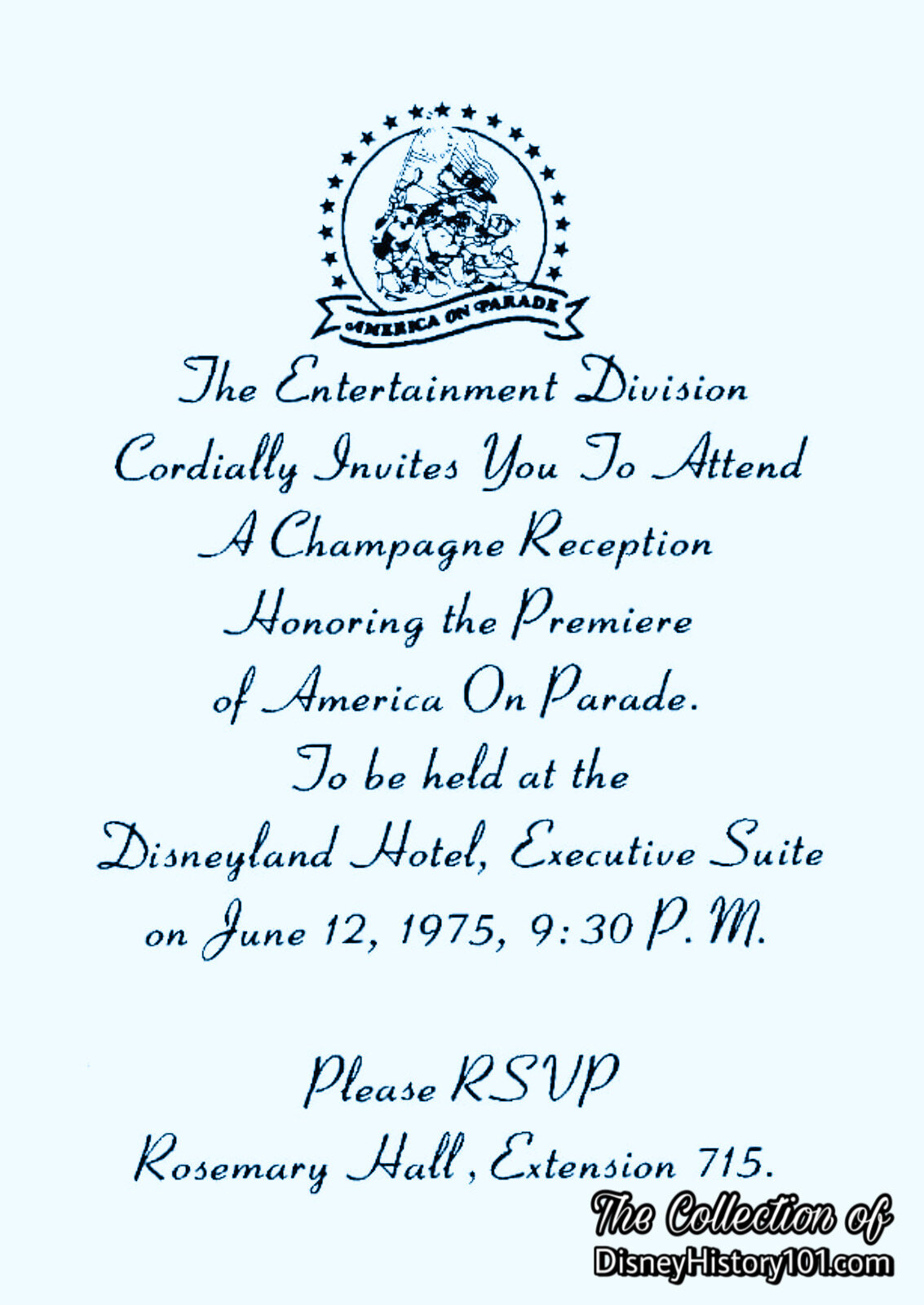
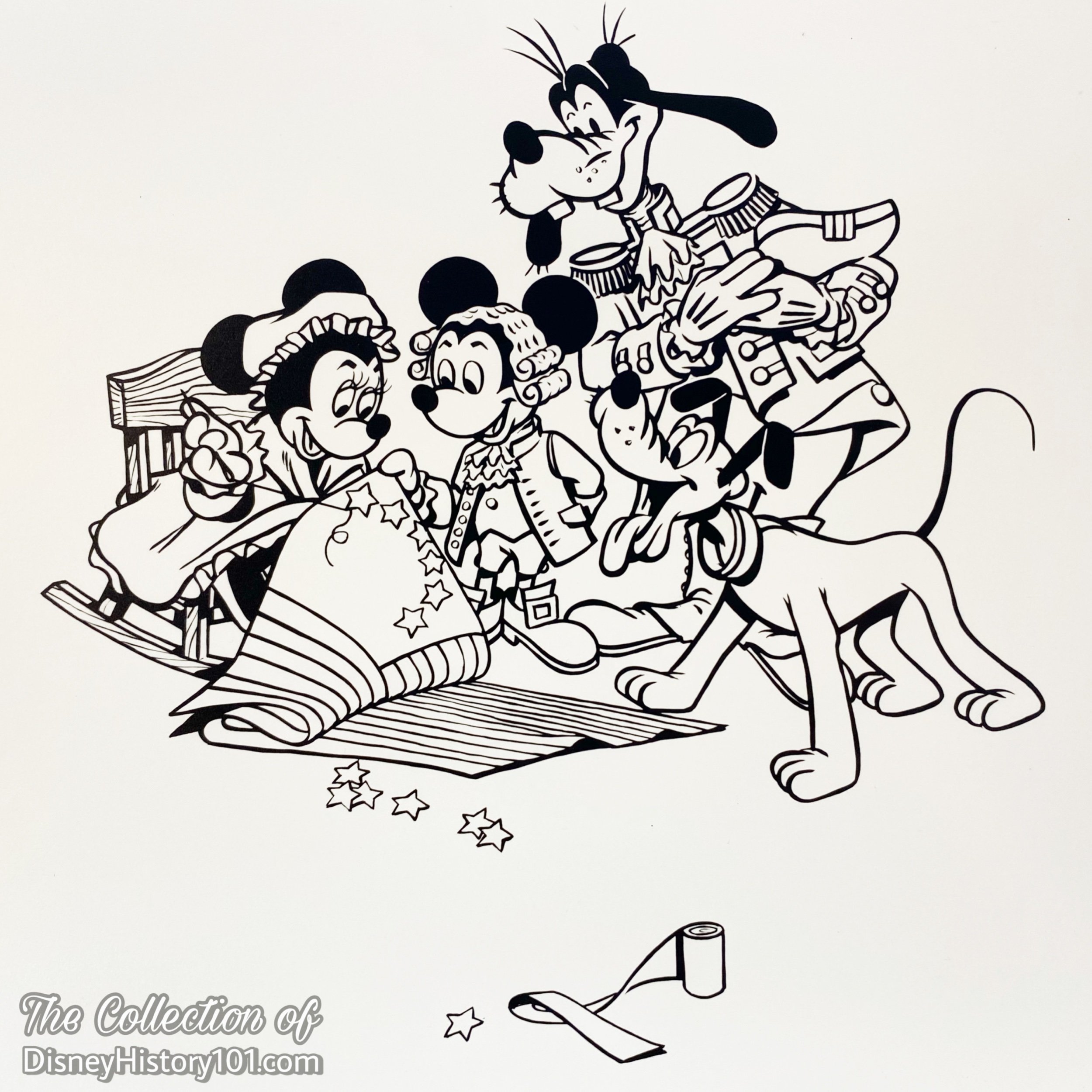
Pictured Above: ”The creation of America's 13-star red, white and blue flag is honored by Mickey and Minnie Mouse as part of Walt Disney's special salute to the nation's bicentennial celebration. Appearing as George Washington and Betsy Ross, the beloved Disney characters pay warm tribute to the 200-year-old symbol of America.”
TODAY at DISNEYLAND : Even before the United States celebrated it’s Bicentennial, Disneyland boasted its second highest peak attendance for one day - 79,680 guests, on July 4, 1975! Now, everyone loves a parade, so a week later, Disneyland commemorated the American Bicentennial with the three-quarters-of-a-mile-long America on Parade twice daily (at 3pm and 10pm), starting on June 14th, 1975 (a week after Walt Disney World’s version began)! The parade ran most days except for days of inclement weather, when it was (like some attractions) cancelled.
Guests were given a complimentary admission to The Walt Disney Story featuring Great Moments With Mr. Lincoln, and also encouraged to visit America the Beautiful (through the magic of Circle-Vision 360). During the spring, South America was saluted, when vocalist Juan Mendoza also known as “El Tariacuri” appeared during Disneyland’s Viva Mexico Celebration from May 1st to 2nd. That very month, dress rehearsals were held daily (from May 27th-May 31st, June 1st, and June 7th-12th). The premier was held June 12th and June 13th, according to the “Master Event Script, Procedures and Itinerary” prepared by the Disneyland Entertainment Division.
The bigger than life panorama inspired “Disneyland’s Celebration Summer” from (July 22nd - August 2nd, 1975). American themed attractions were given special attention in the guide books and maps, and special stage shows and parades were scheduled. The thirteen original colonies were saluted by a variety of high school and college bands during the date of their admission into the union. These celebrations lasted for week-long periods, from July 6th to October 11th, 1975. The states included Washington D.C., Delaware, Pennsylvania, New Jersey, Georgia, Connecticut, Massachusetts, Maryland, South Carolina, New Hampshire, Virginia, New York, North Carolina, and finally Rhode Island. Celebrity guests and performers made appearances when appropriate.
America on Parade was also the highlight of a 1976 television special entitled “Walt Disney’s America on Parade”, which was filmed partially in Disneyland and partially in Walt Disney’s Magic Kingdom. The television special starred Red Skelton as “Freddie the Freeloader,” and featured the Kids of the Kingdom in many musical sequences and shows created just for this television special. During the summer of 1976, special performances helped to “Celebrate America during summer nights” including The Miracles, Louie Bellson & The Big Band Explosion, Tavares, Lionel Hampton & His Big Band, Bloodstone, Dorothy Moore, Buddy Rich & The Big Band Machine, and Papa Doo Run Run up to the final days of America on Parade, 1976!
America on Parade also featured a variety of marching bands from a high schools and colleges - representatives of states holding the original 13 colonies! The Fontana Junior High School Marching Band performed in America on Parade, and the Fontana Community Youth Band was present on July 4th, 1976. San Marcos High School (Santa Barbara, California) opened and closed the 1975 and 1976 Disneyland Bicentennial “America on Parade,” A standard group of performers during this event was the All-American College Singers! A special section of the parade (and its units) also paid tribute to Disneyland’s “20 Years of Happiness,” inviting guests to “come love it again”!
Disneyland press releases advertised “the British are coming,” on June 24th, 1976! Yes, it was “a real Brithish Celebration in a special salute to America’s Bicentennial …complete with authentic Highland Dancers, Piper Shows, and a special parade!” The last parade was scheduled to occur on September 6th, but actually occurred on Sunday, September 12, 1976, at 6:00 p.m. After the parade ended, a battalion of wooden soldiers marched with a special Christmas Unit of the holiday parade from December 13 to December 31 (of 1976).
According to Vacationland (Summer, 1975), it was predicted that there would be 1,200 performances of the parade. It was also predicted that “over 25-million people are expected to view the live production during the 15 months to September 6, 1976. (A Broadway show would have to play every night for 300 years to accommodate the same number of people.)”
Now, “let’s step back into history and take a look at the first 200 years with this musical celebration.”
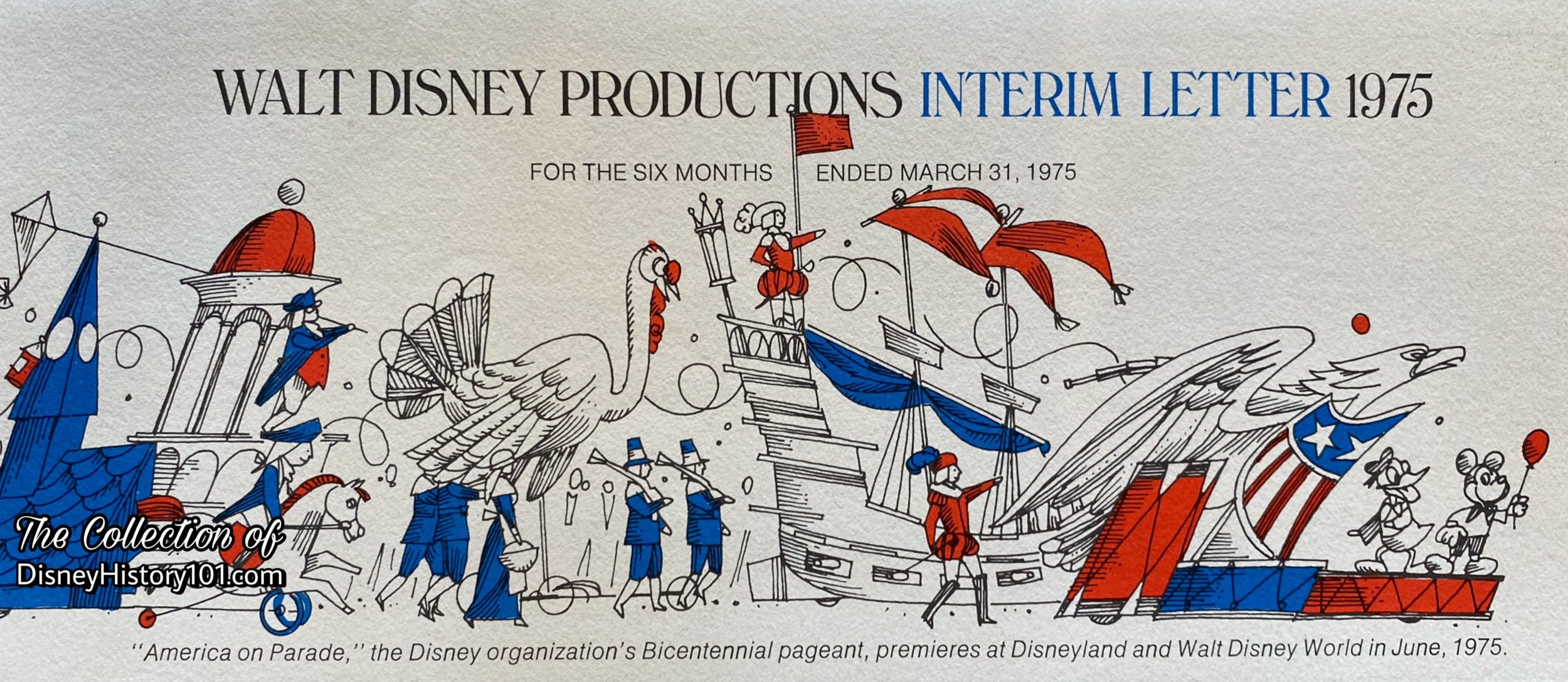
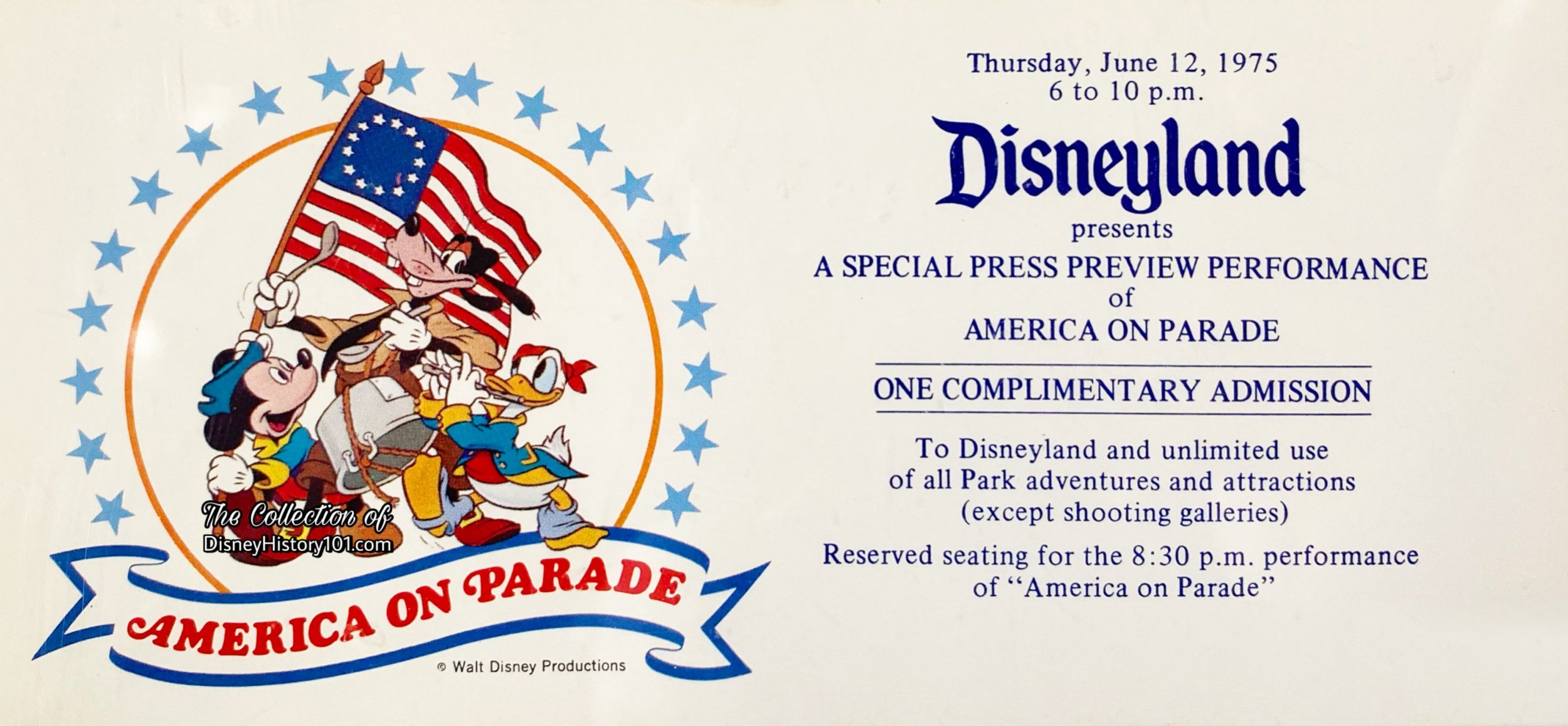
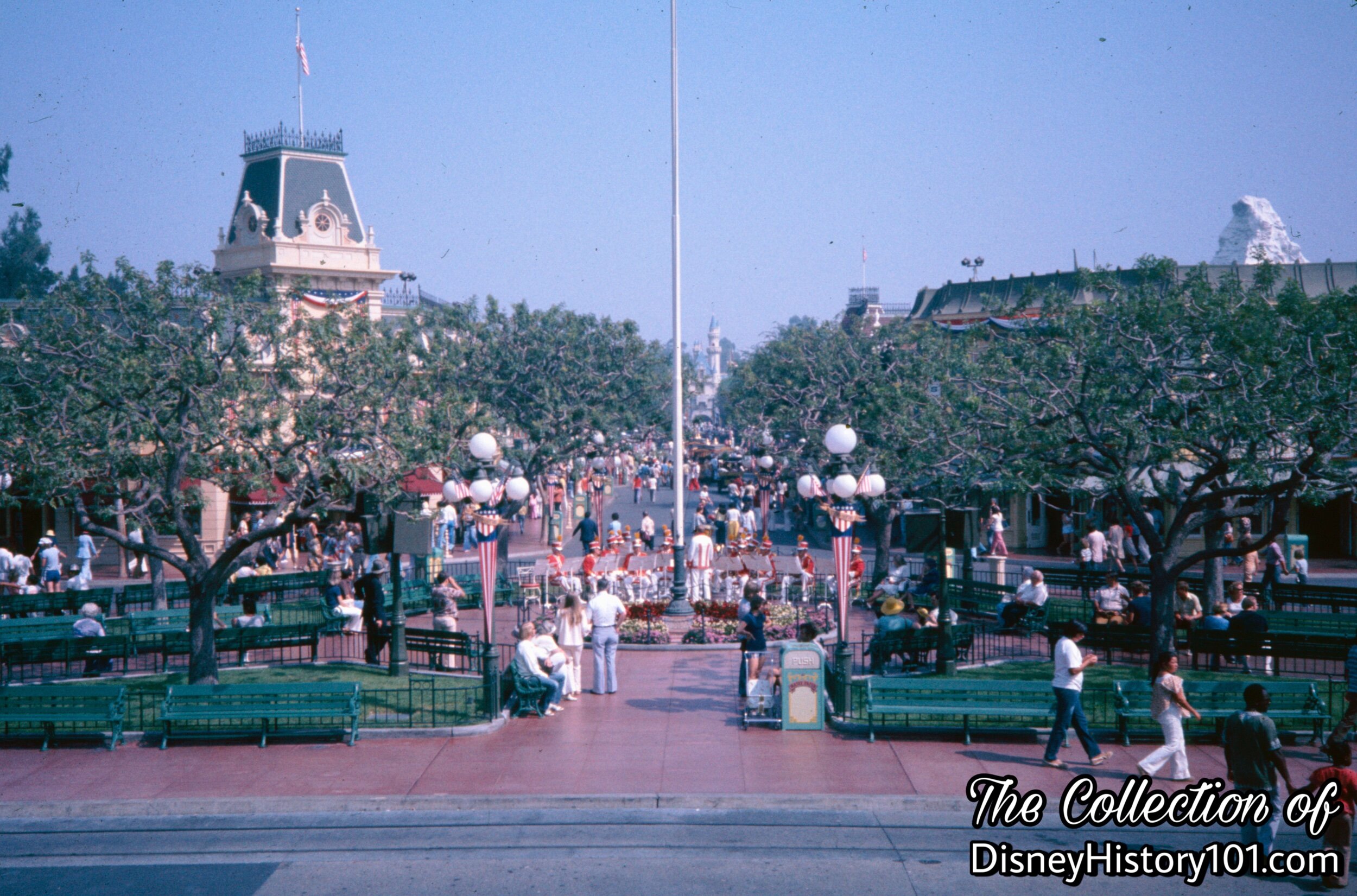
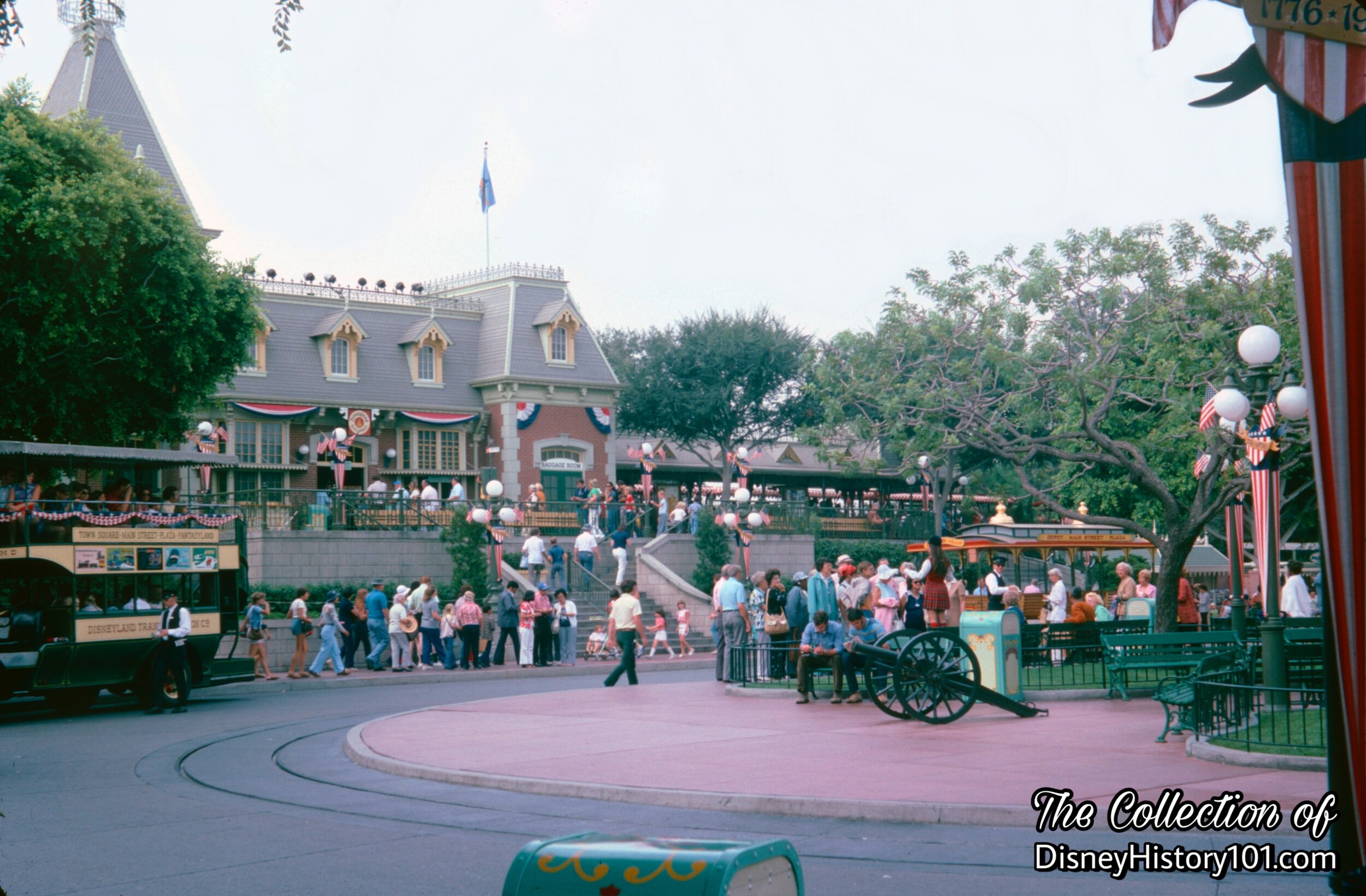
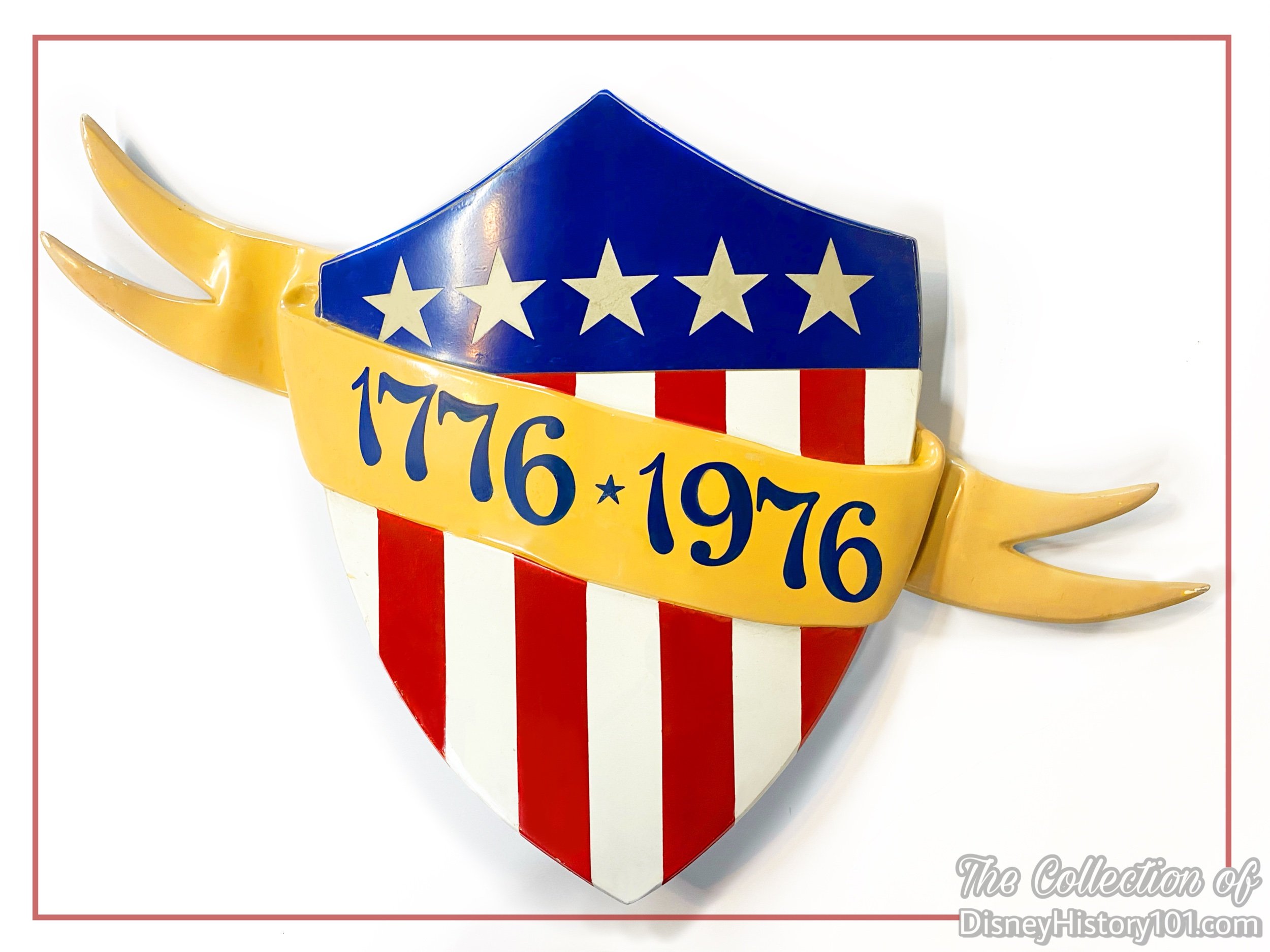
According to The Disneyland Dictionary (printed October of 1959): “There are many flags flown in Disneyland - atop buildings, flag poles and many of Disneyland's boats. There are American flags of today and flags of our nation's historical growth, and flags of other countries. There are also Mickey Mouse flags and the official Disneyland flag.”
FACTS ON PARADE : “A gala Independence Day celebration at the turn-of-the century perhaps best typifies the spirit in which this colorful pageant should be enjoyed.” I would like to direct your attention to the bunting on the lamp posts in the Esplanade before the Main Street Station. These represent the 4,000 American flags which were flown at both parks - Disneyland and the Magic Kingdom at Walt Disney World included. At Disneyland, signs were themed to support the stories with respectful graphics, colors, fonts, terminology, the overall design of sign, materials (wood, metal, banners, etc.), and verbiage used on the signage. More than 7,000 yards of bunting material had been created for the event, featuring star fields prominent during c. 1900.
The shields were made by staff shops - the department and group of departments that specialized in the fabrication of ornamental decoration (fiberglass, wood, plaster, metal). These decorations were placed on more than 130 lamp posts on Main Street U.S.A. (in both parks) to contribute toward a feeling of carefree delight and unbounded patriotism.
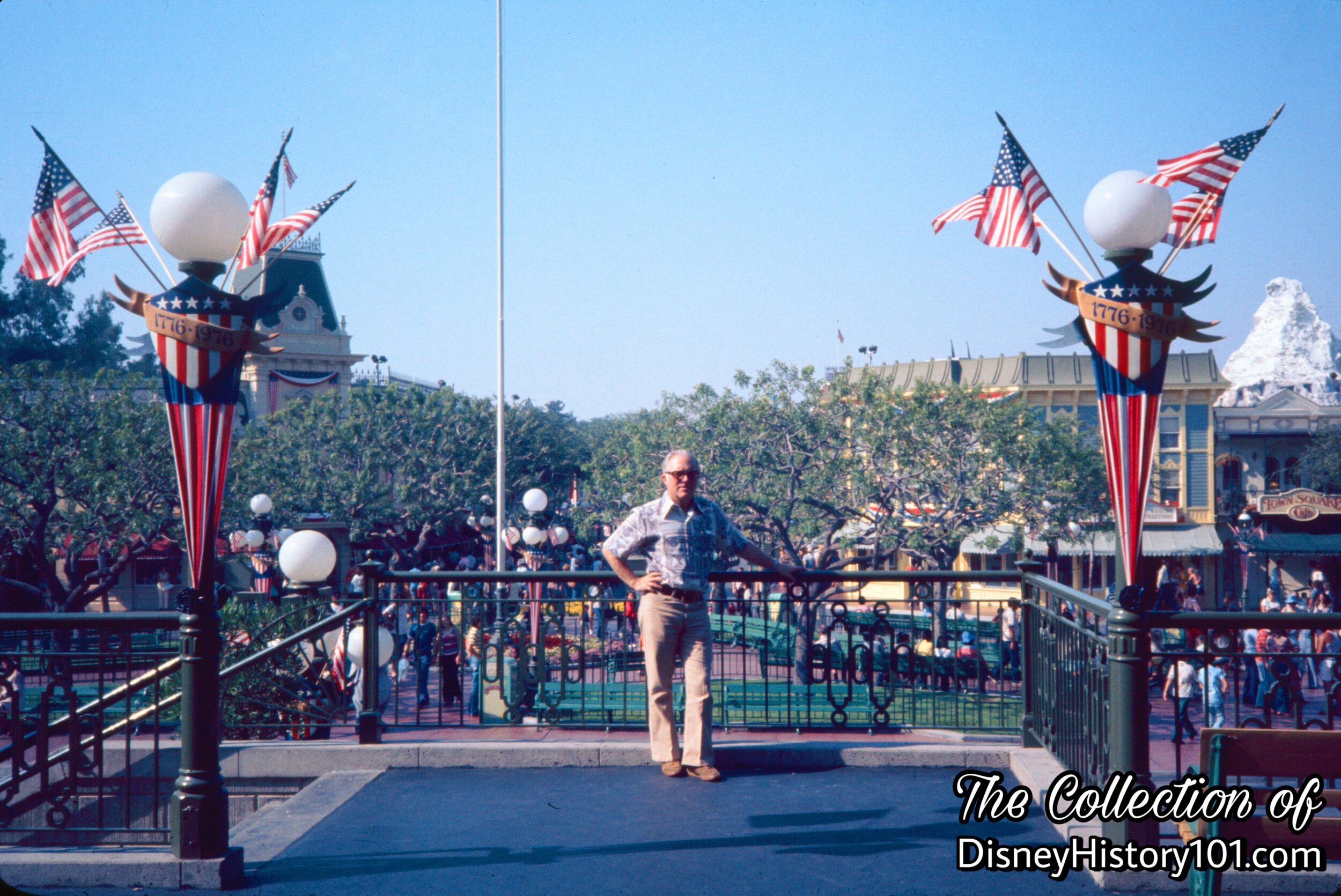
From the heights of the Main Street Station Esplanade, Disneyland was all decked out for the American Bicentennial!

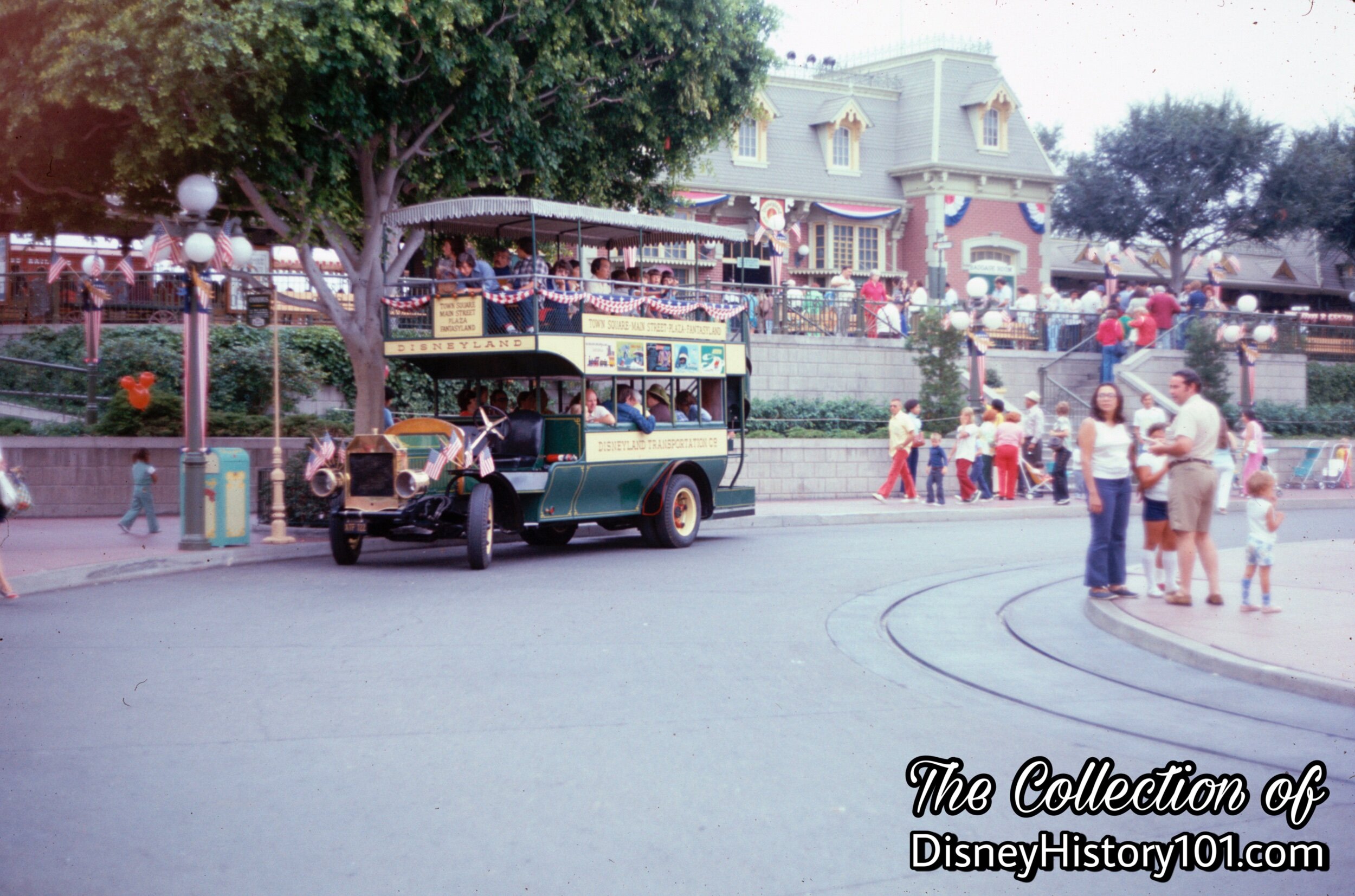
Red, white, and blue American bunting and drapery added color to the Double Decked Omnibus of Main Street U.S.A.!
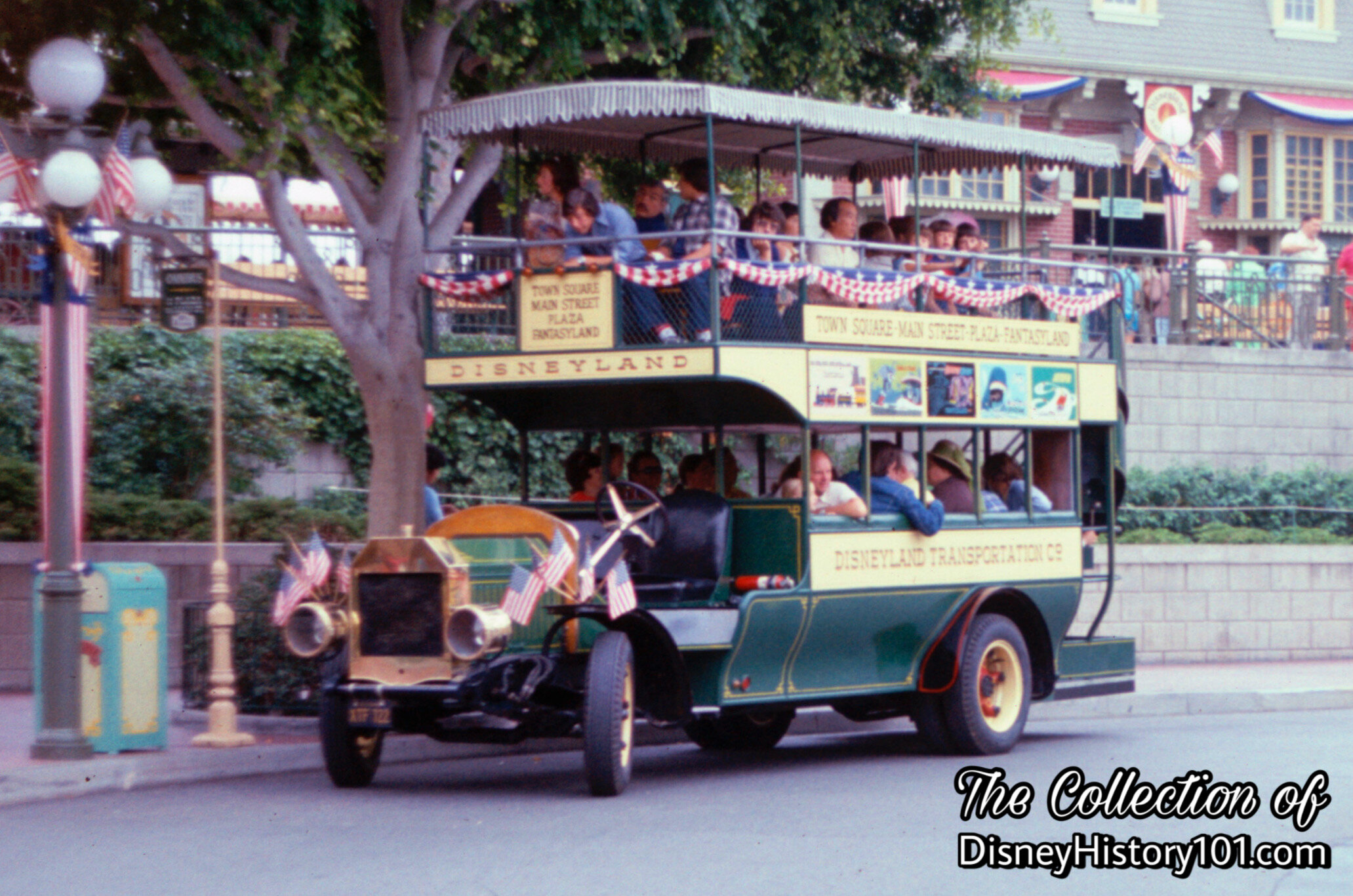
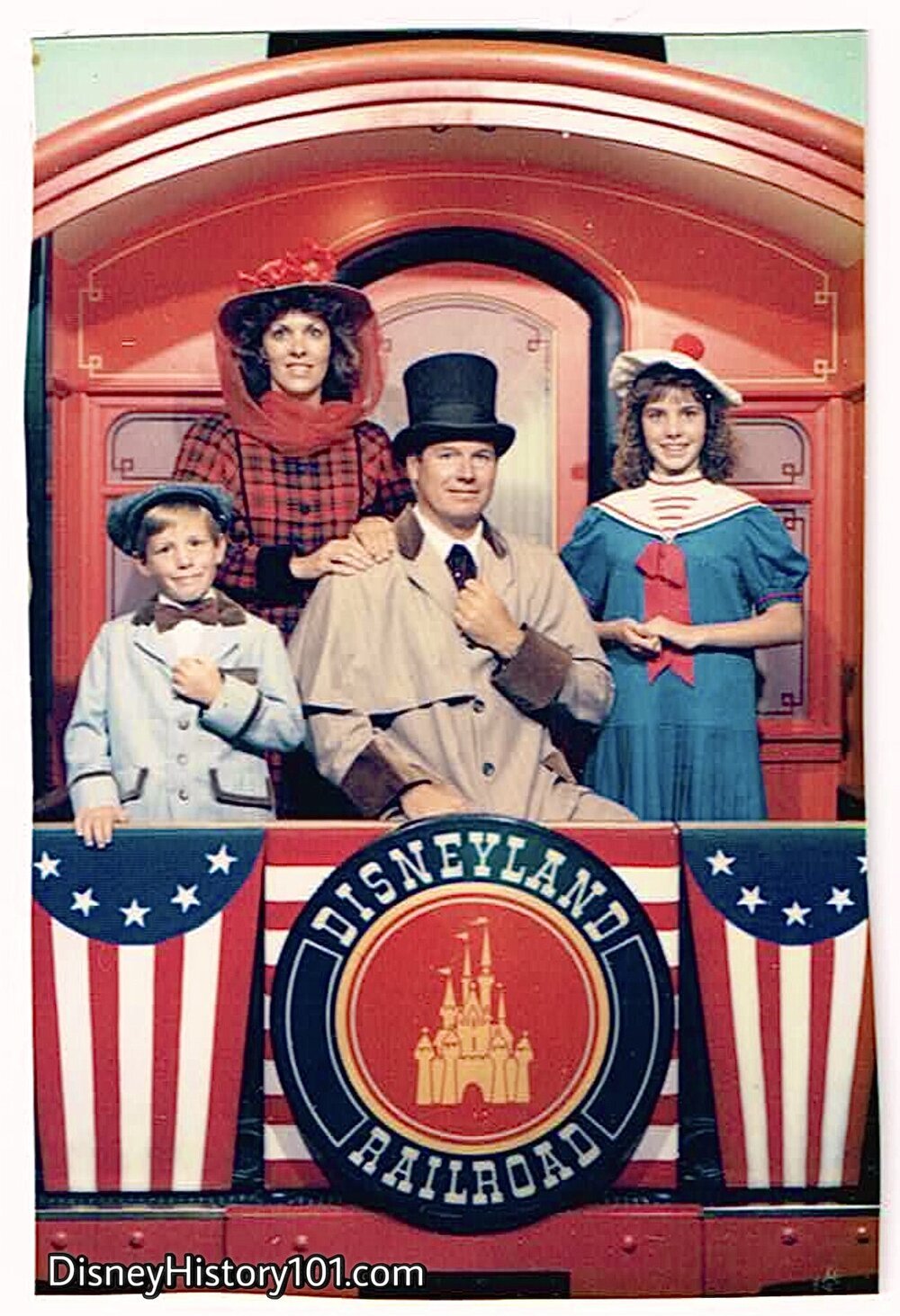
Back in 1974, the Grand Canyon Car sat in the Backstage area, but thanks to the efforts of Disneyland Transportation Head Ken Kohler and Bill Cottrel it was transformed and rebranded. Soon, the car had been given a new paint scheme and interior décor, and Disneyland Railroad No. 1 was renamed the Bicentennial Special celebrating 200 years of American freedom, from 1776 to 1976. Its Lilly Belle observation car (or, Presidential Parlour Car) became one of the most sought after VIP attractions inside Disneyland, first experienced by Japanese Emperor Hirohito. Meanwhile Guests commemorated the magic through souvenir Fun Photos in costume.
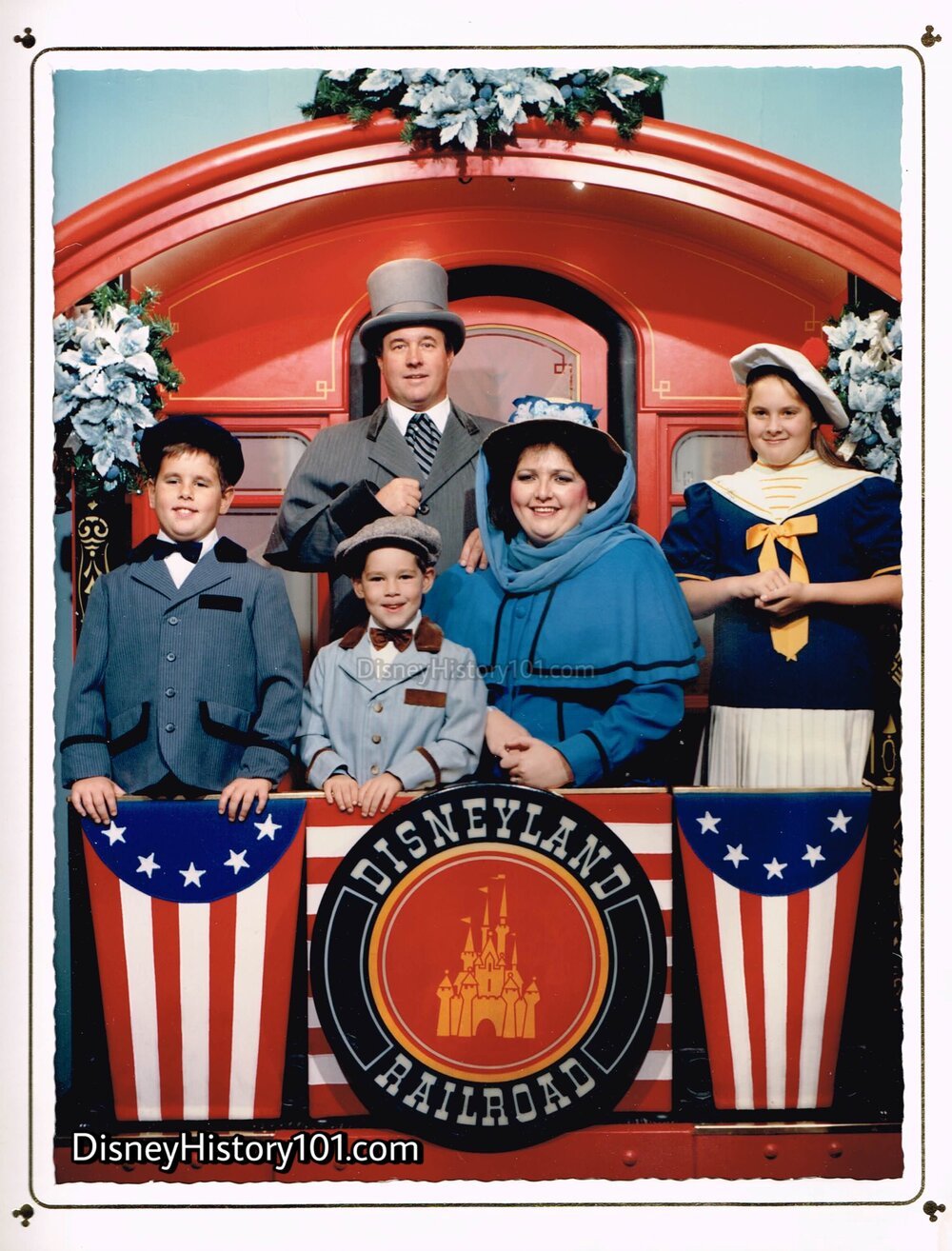
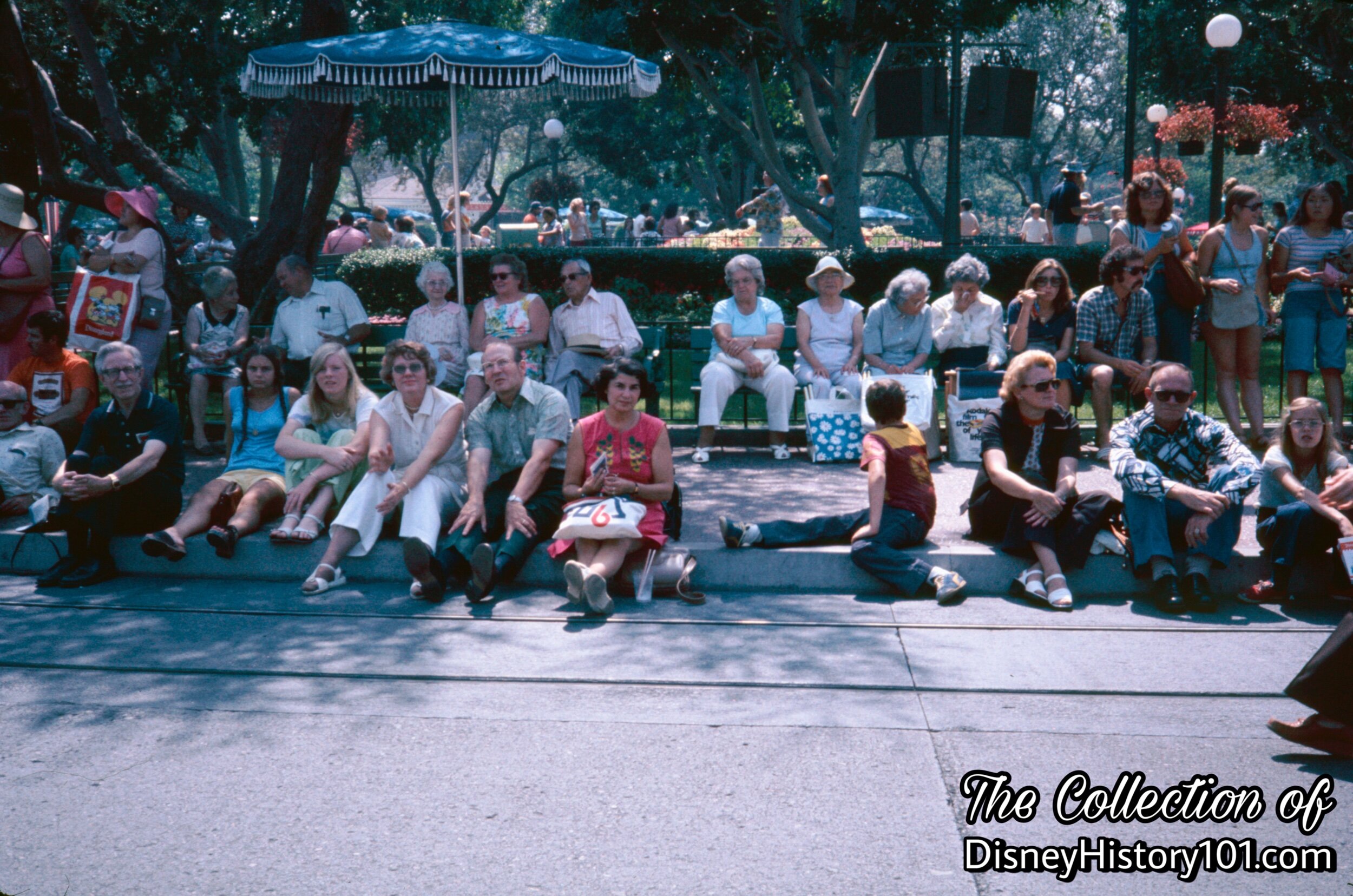
Crowds of spectators arrive at Disneyland’s Plaza, securing a place where spectators achieve a panoramic (and unobstructed) view the passing pageantry of America on Parade.
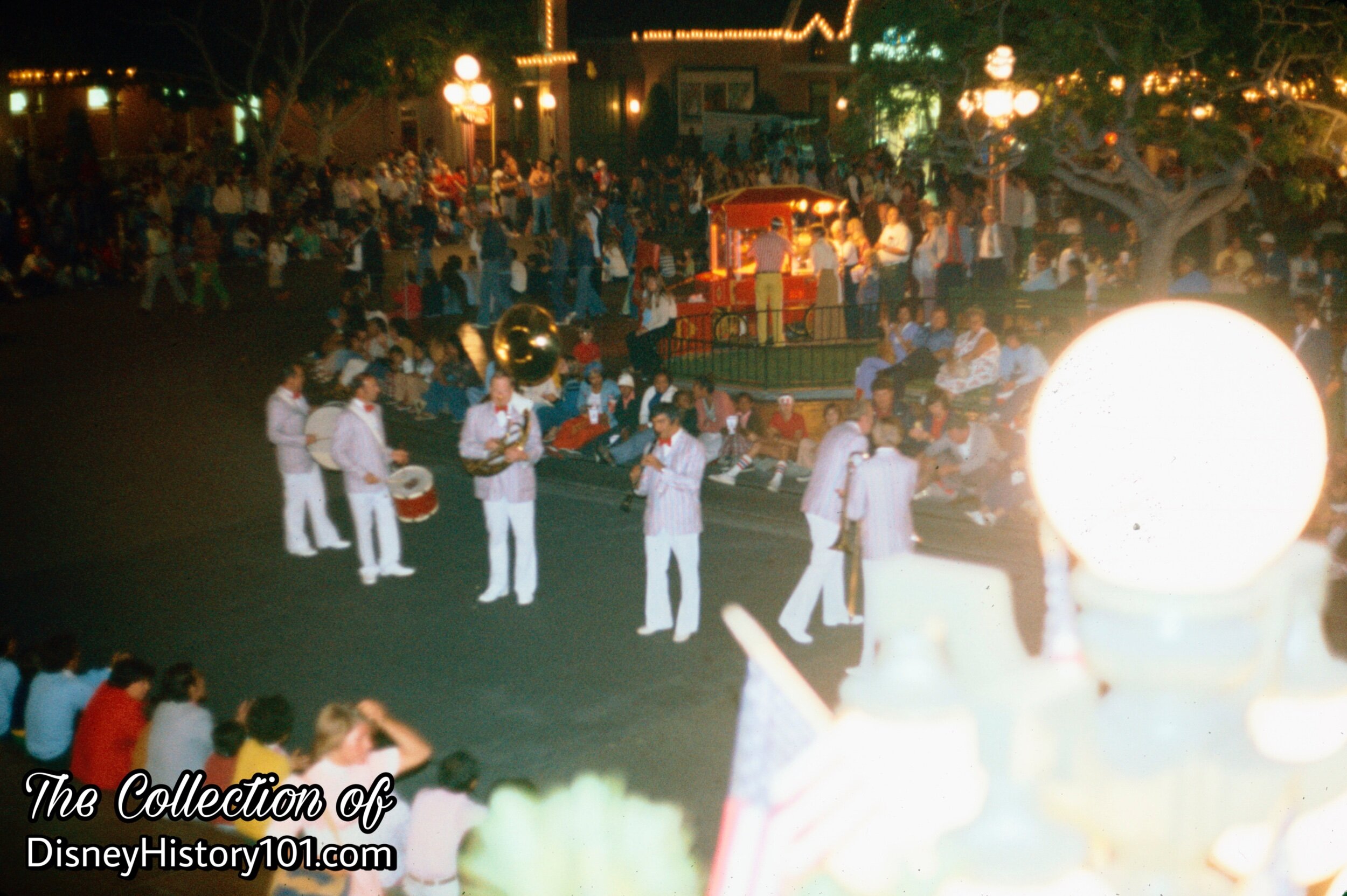
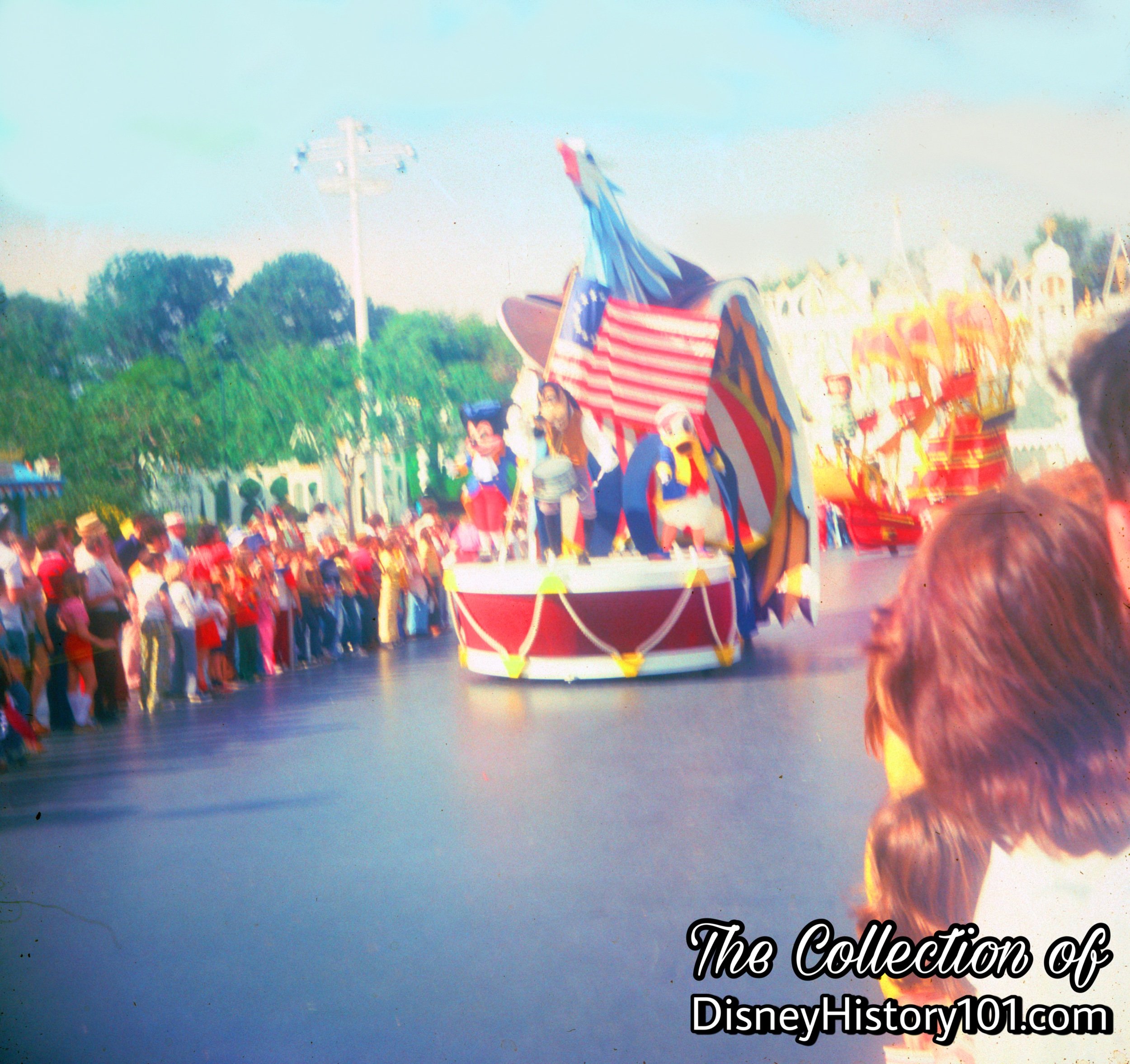
The first float not only represents the Disneyland show, but the United States of America.
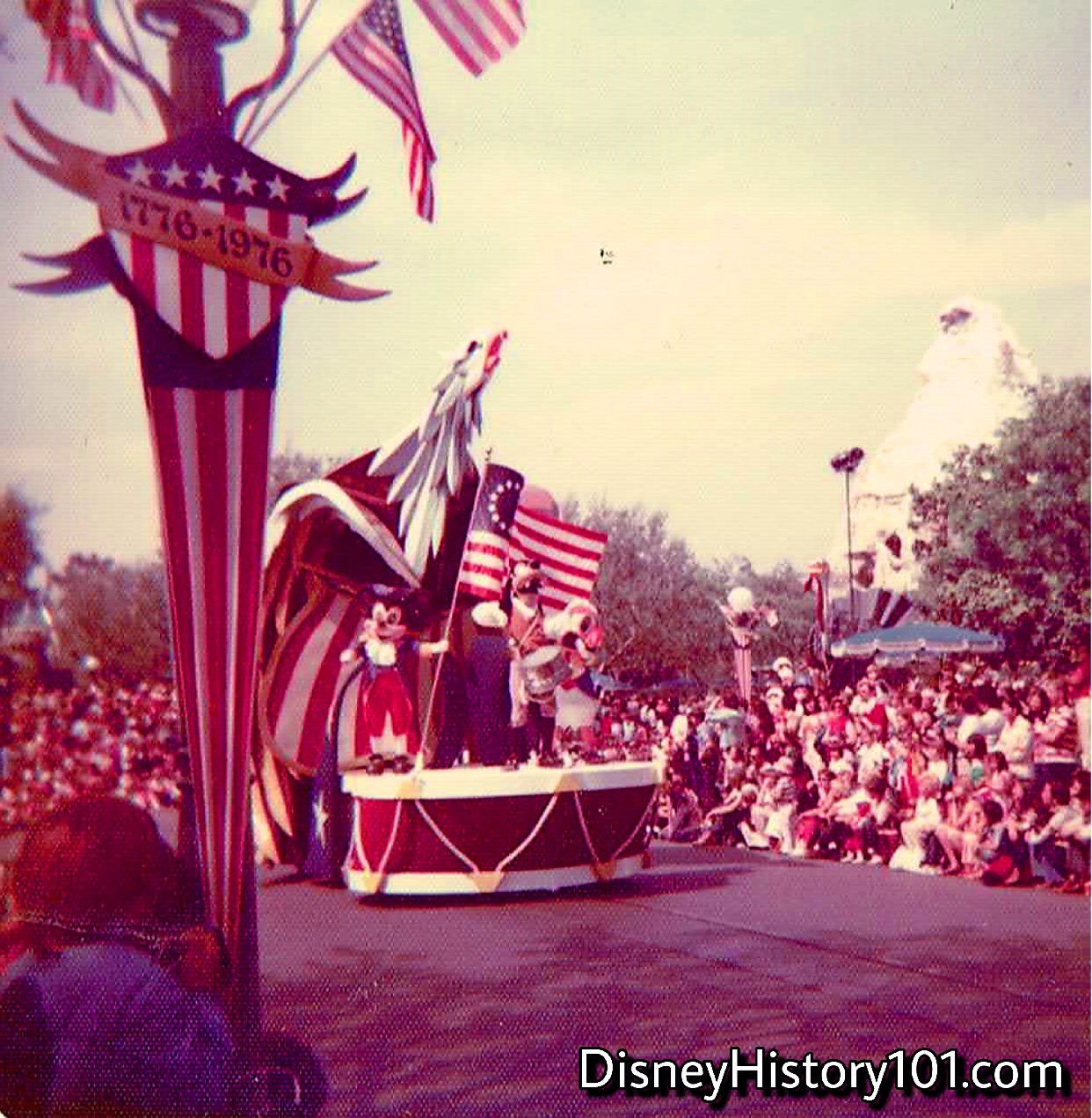
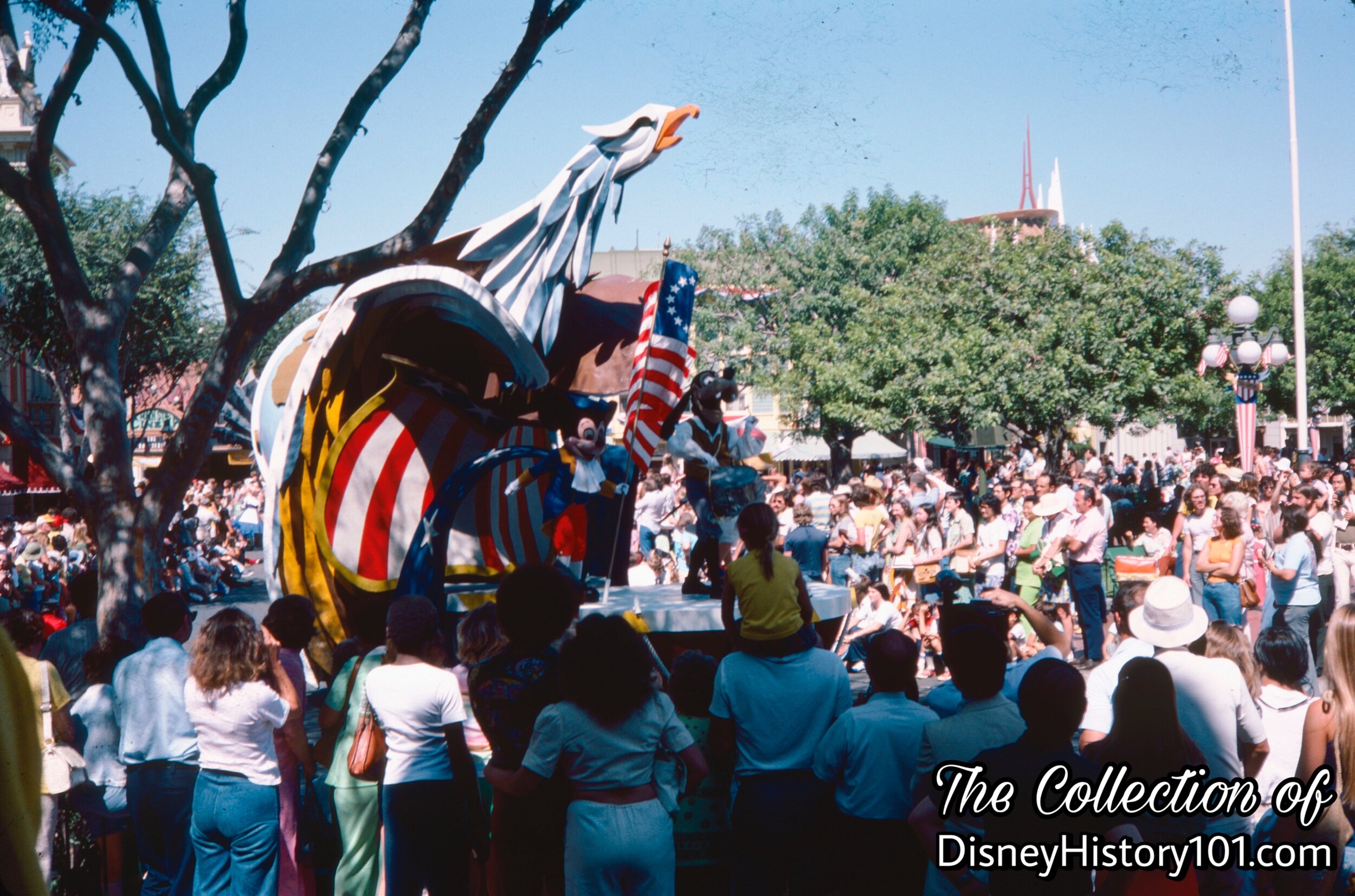
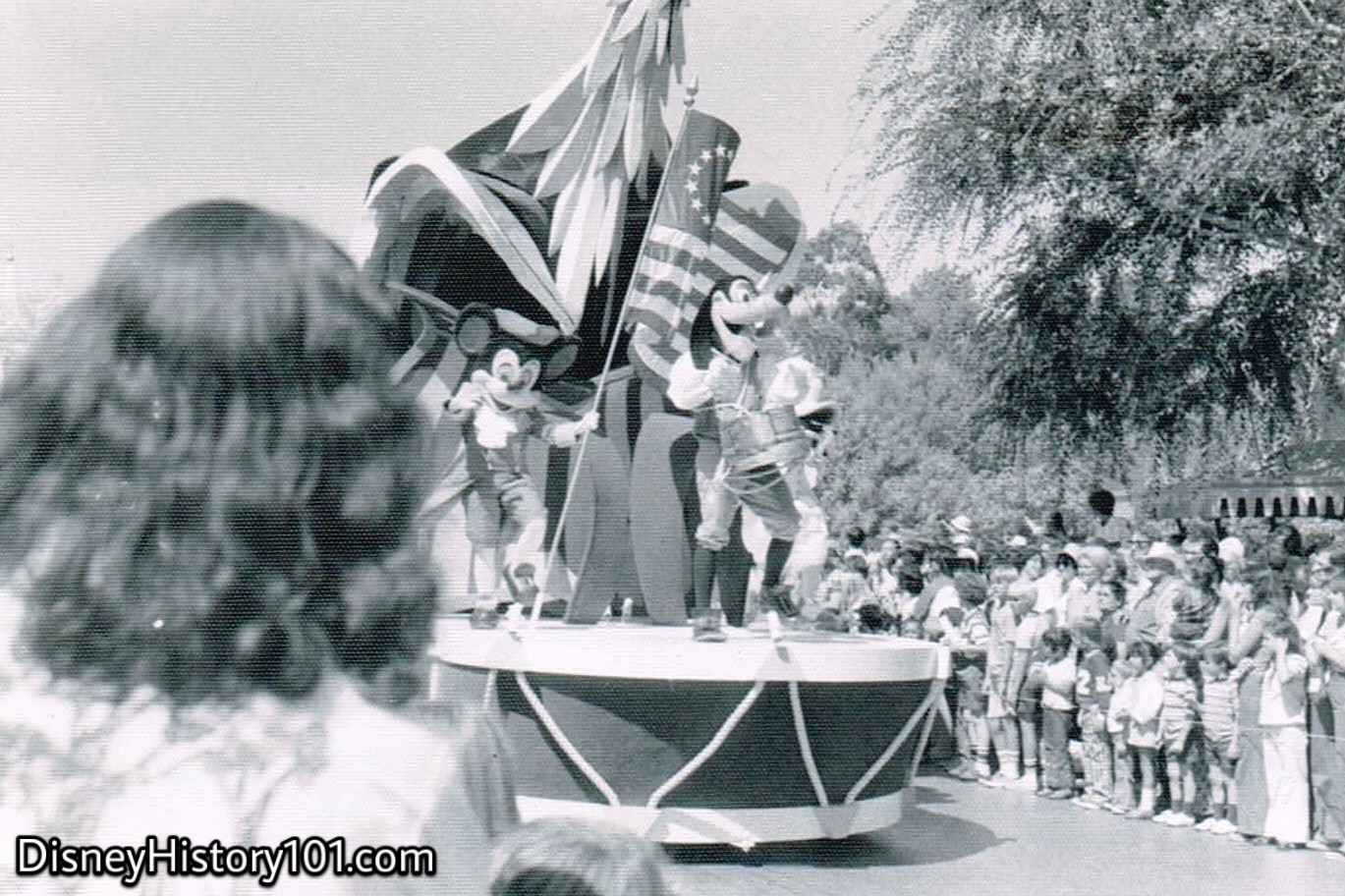
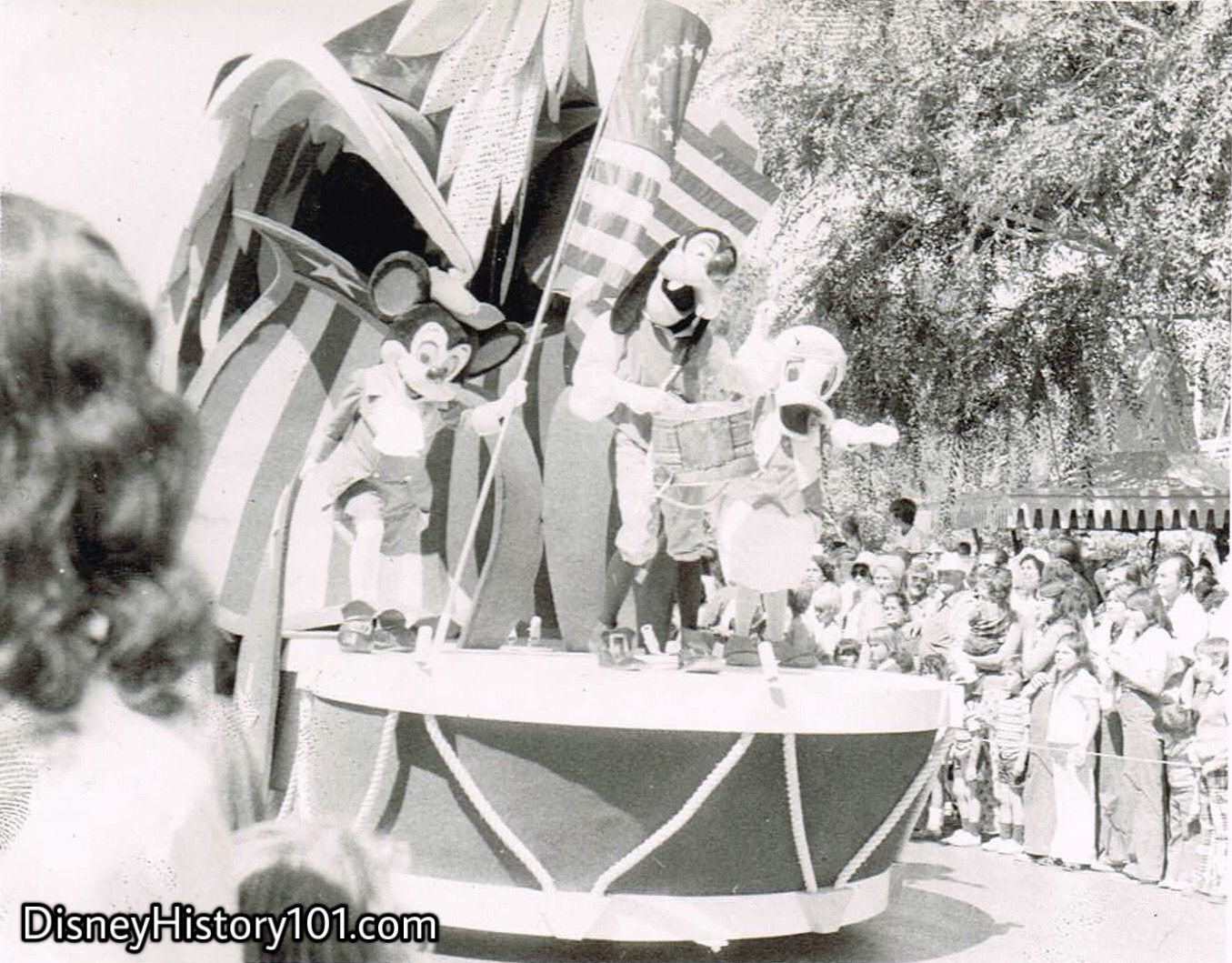
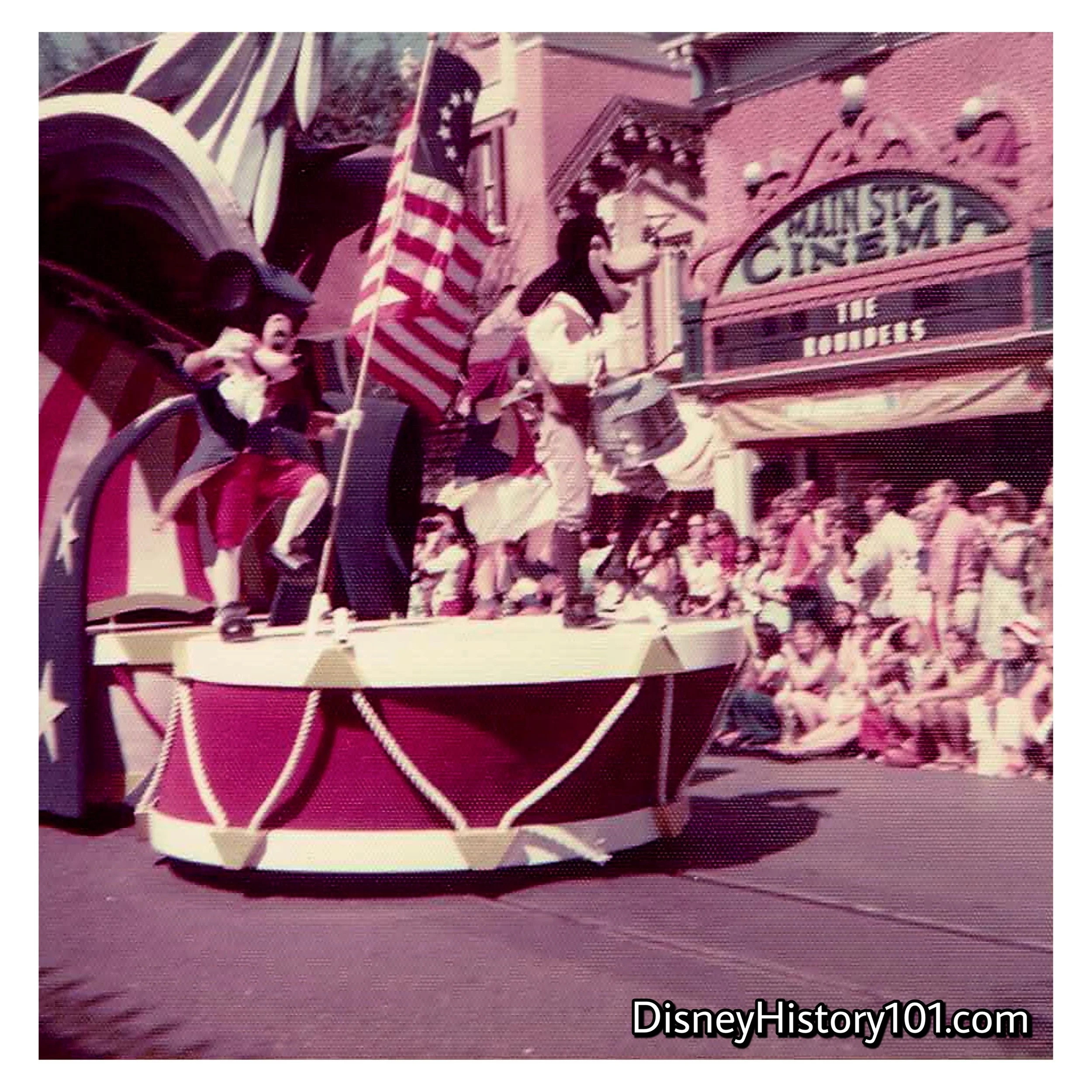
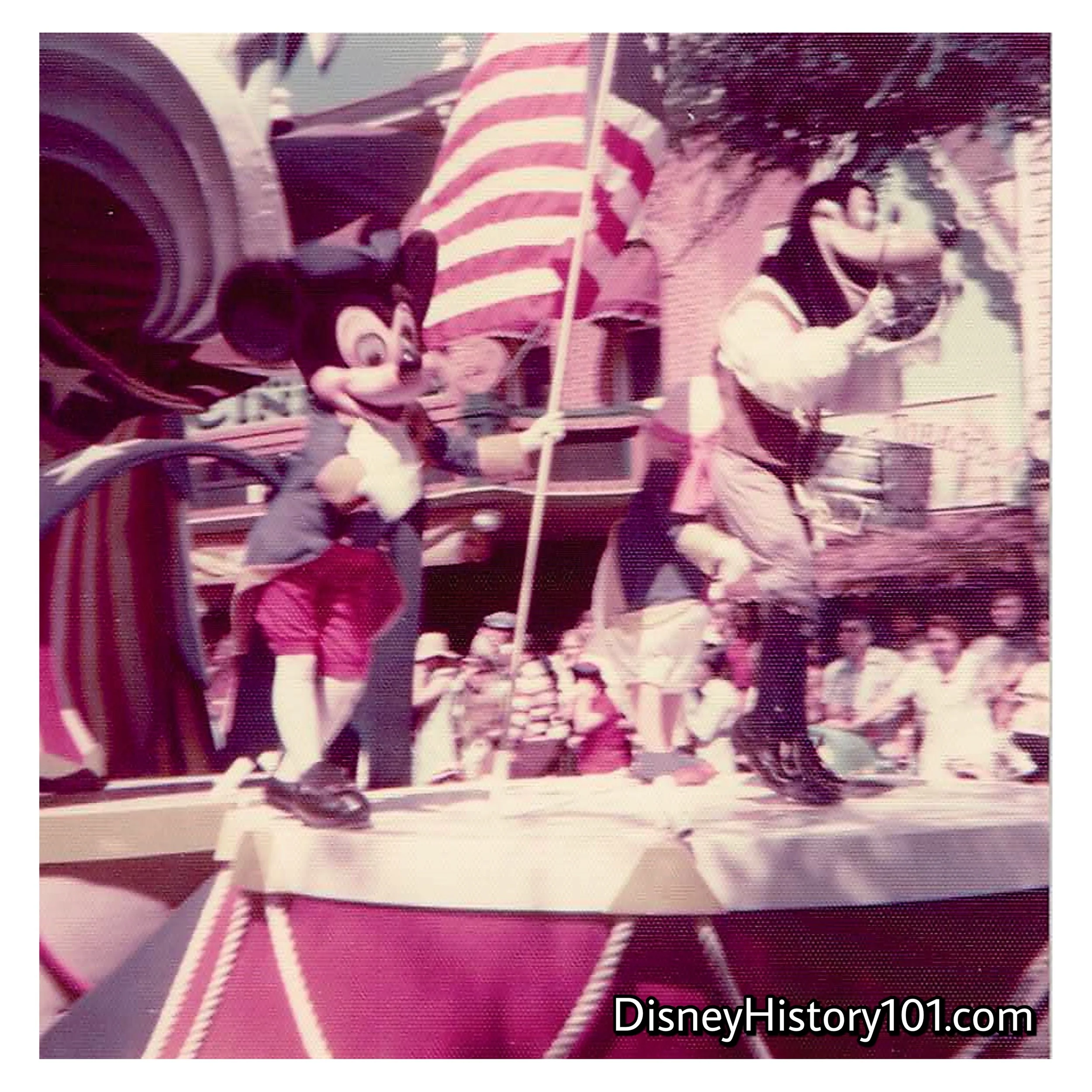
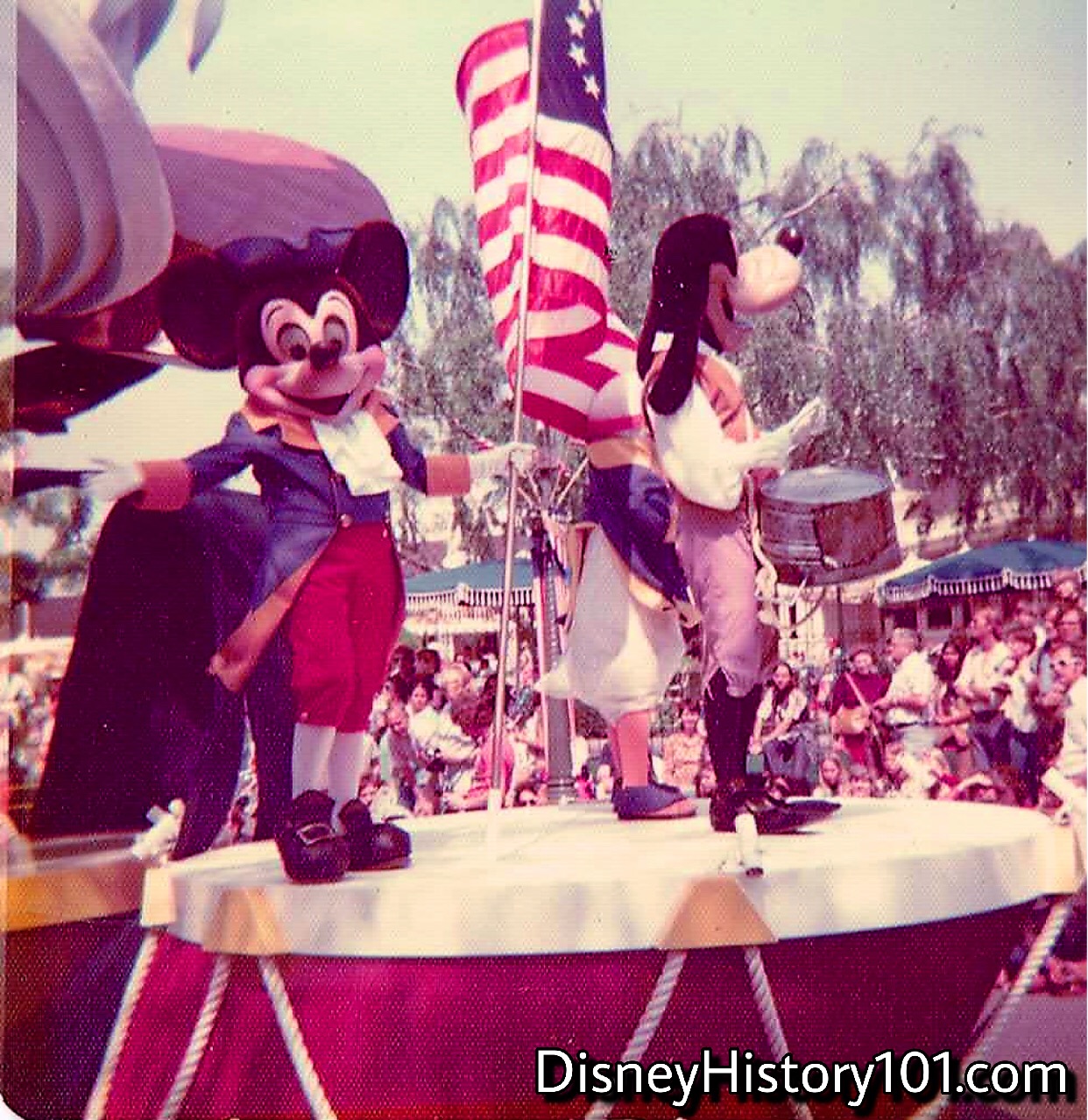
FACTS ON PARADE : This Opening Unit float is based on an illustration of Mickey, Goofy, and Donald, that was first featured on a July 1939 issue of “Mickey Mouse Magazine,” (a forerunner of the popular Walt Disney’s comic books and stories)! Mickey Mouse, Goofy, and Donald Duck ride atop three giant drums (this isn’t the first time Mickey Mouse has rode atop a big bass drum at the lead of a Disneyland parade). Mickey Mouse bears the 13-star flag of the United States, while Goofy beats “Yankee Doodle” on an old washtub, and Donald joins him on the fife. All three wear traditional drum and fife uniforms, beneath a giant eagle (with its wings spread wide). The cover was 36 years old by the time it was referenced for the America on Parade opening unit float.
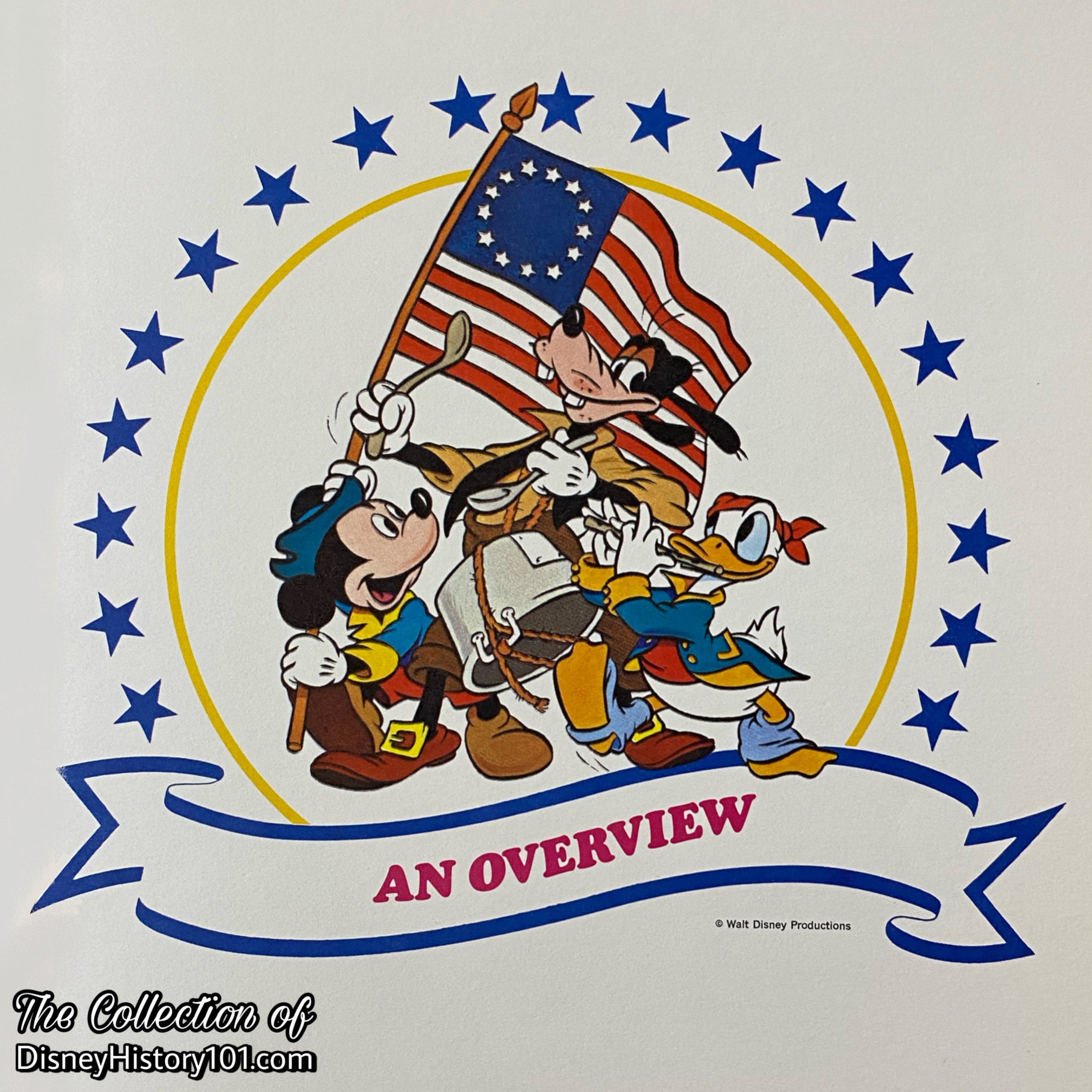
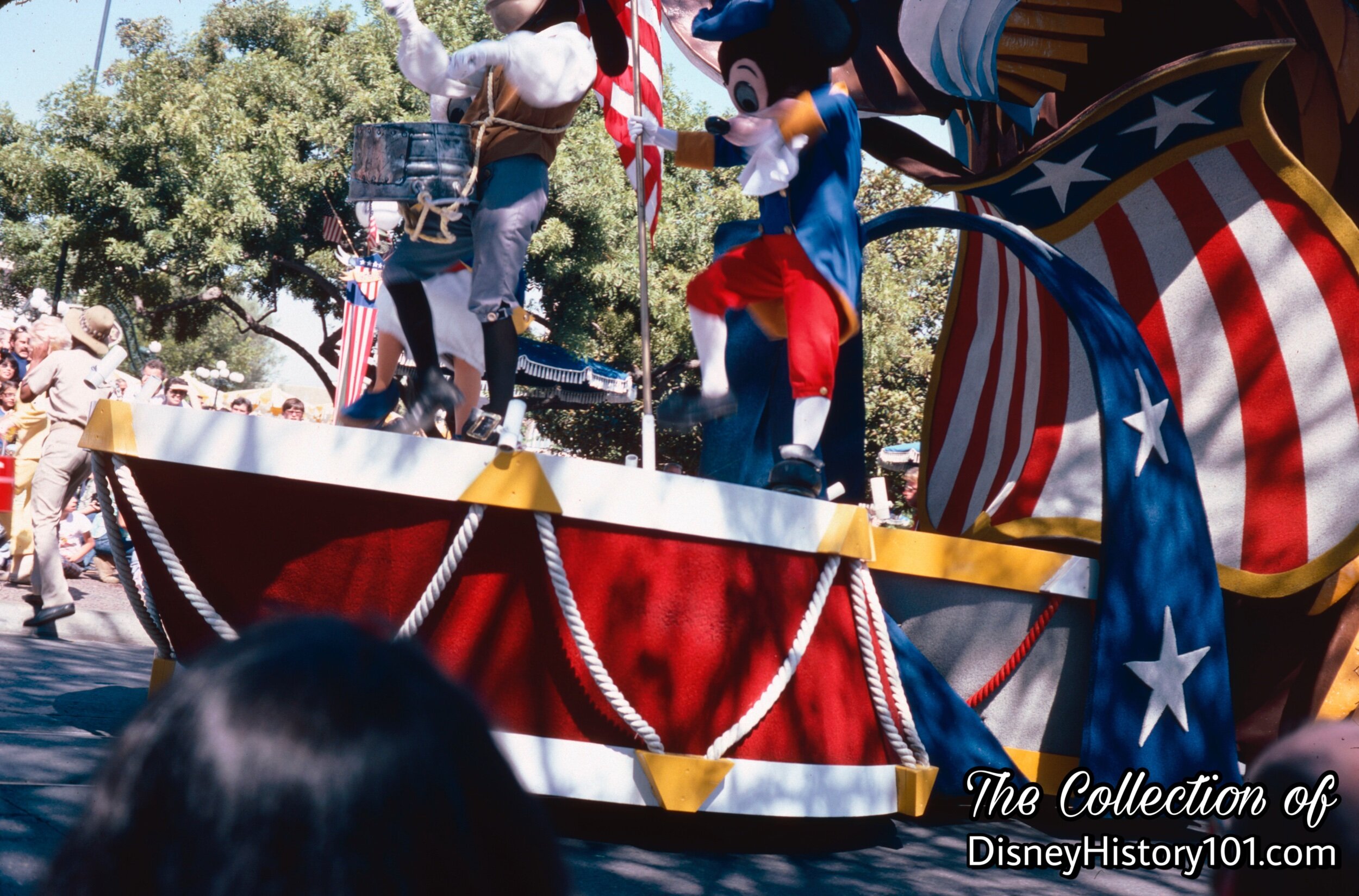
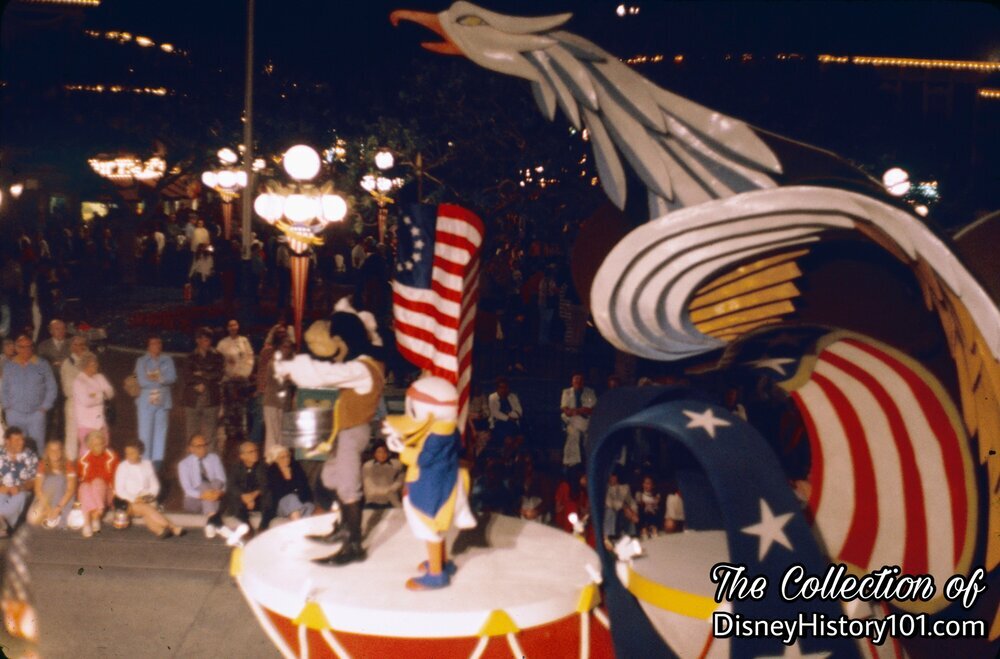
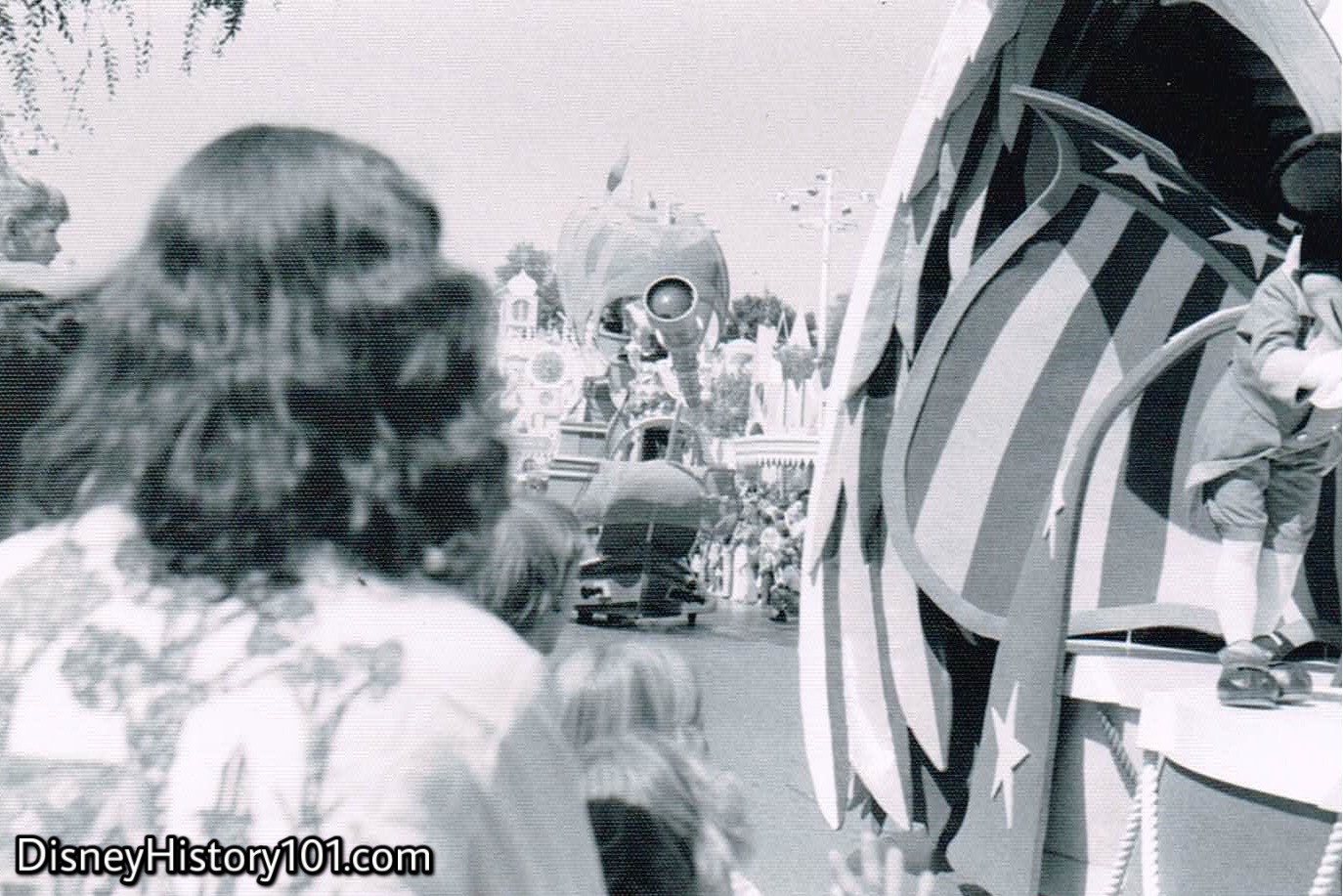
“Early one dawn in 1492, Christoper Columbus daringly set sail on unknown seas to find a new passage to the East Indies. This courageous voyage brought him to the shores of the New World!”
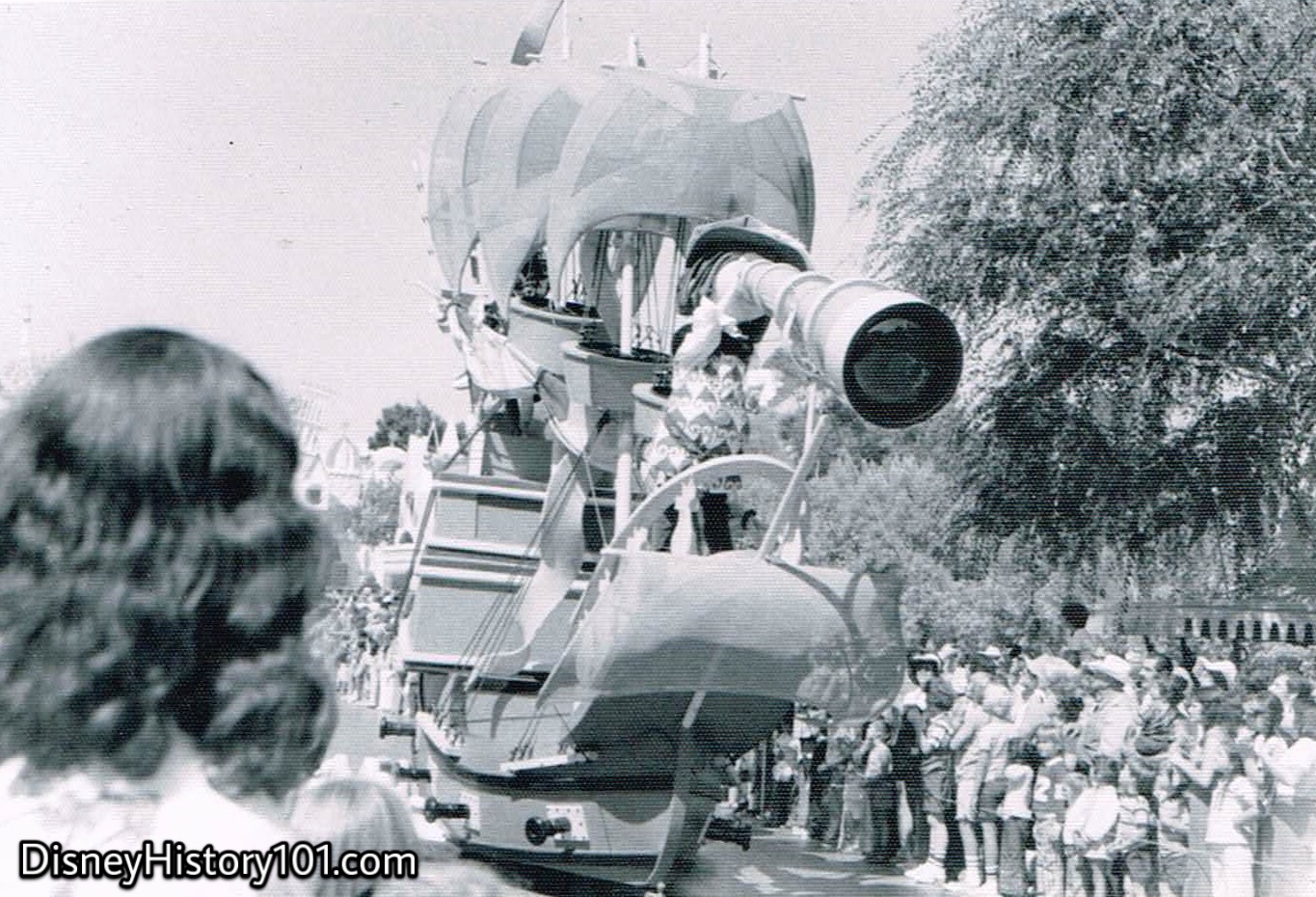
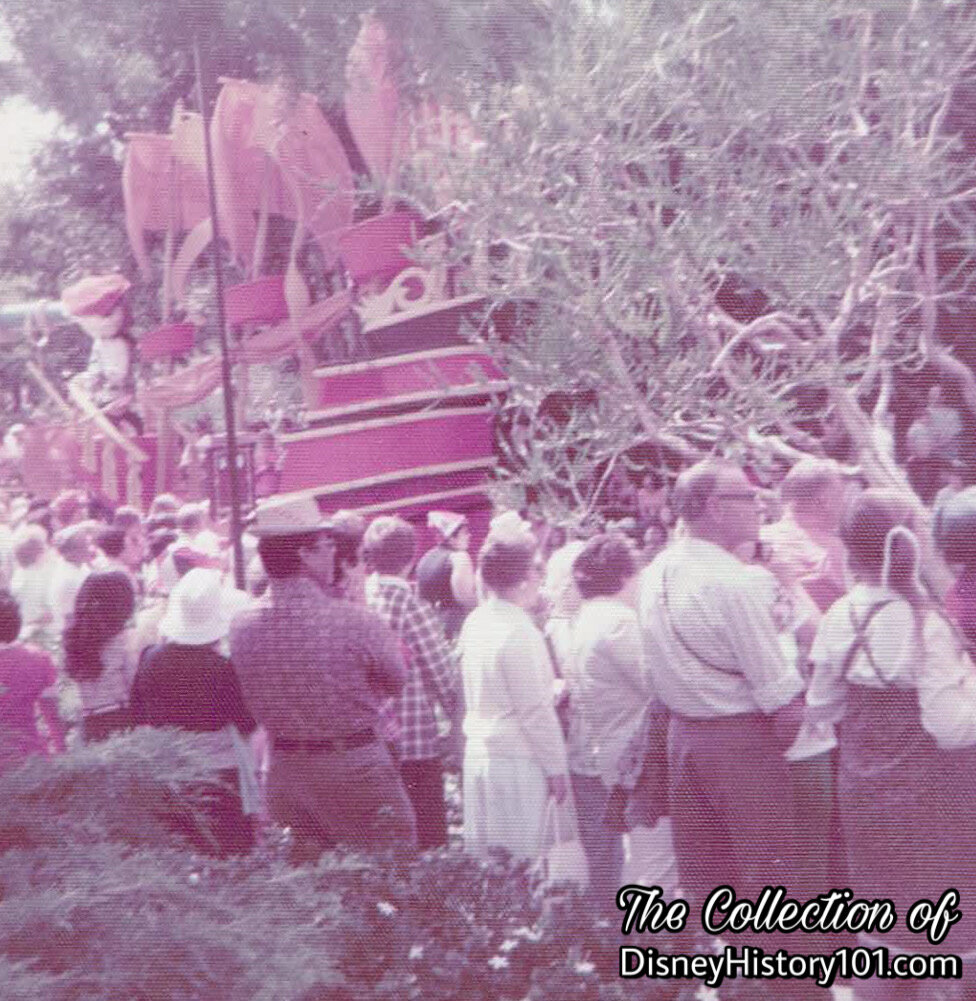
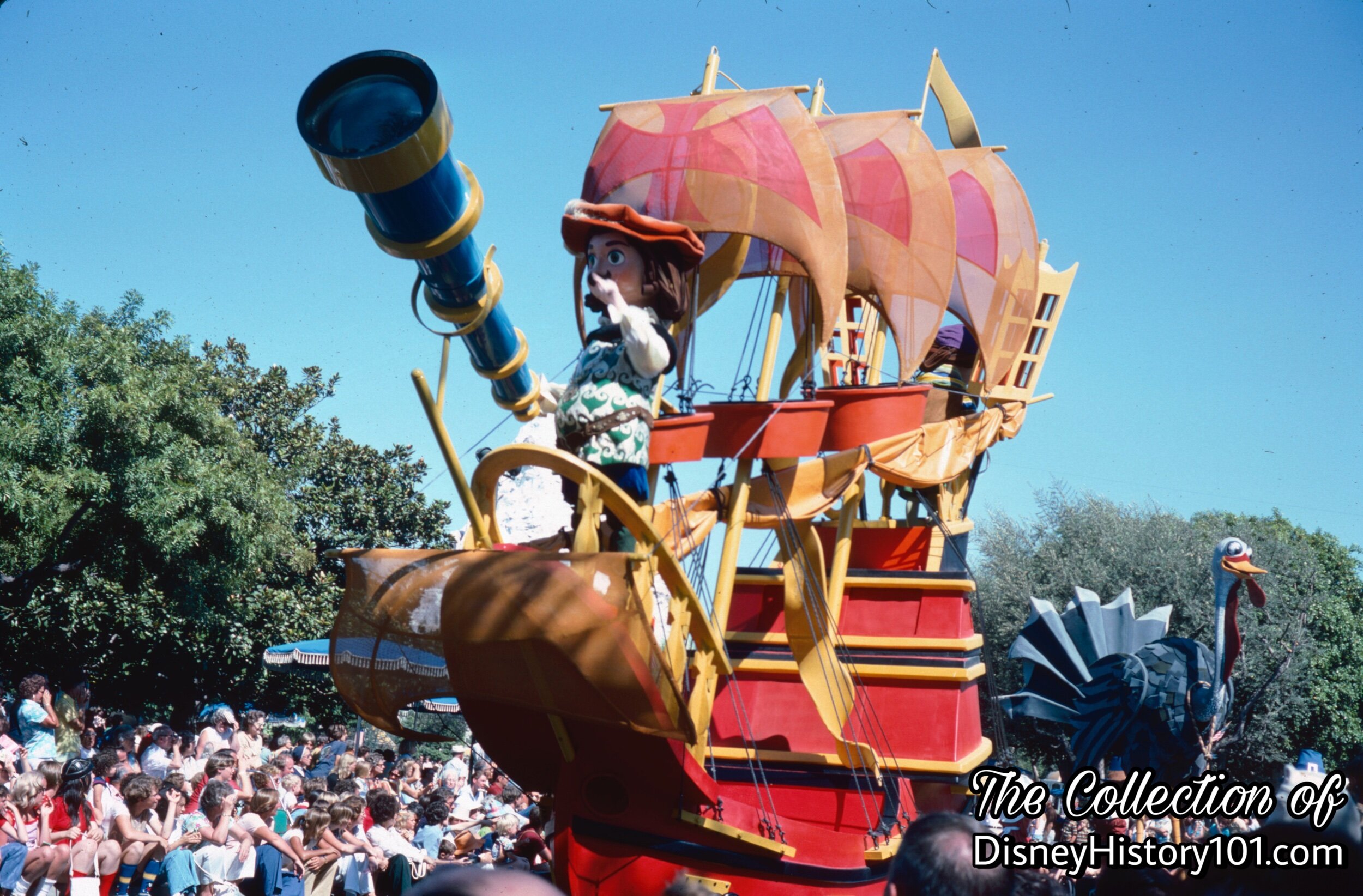
Everything about America On Parade (from the backdrops to the “People of America”) were created to tower over guests and Main Street.
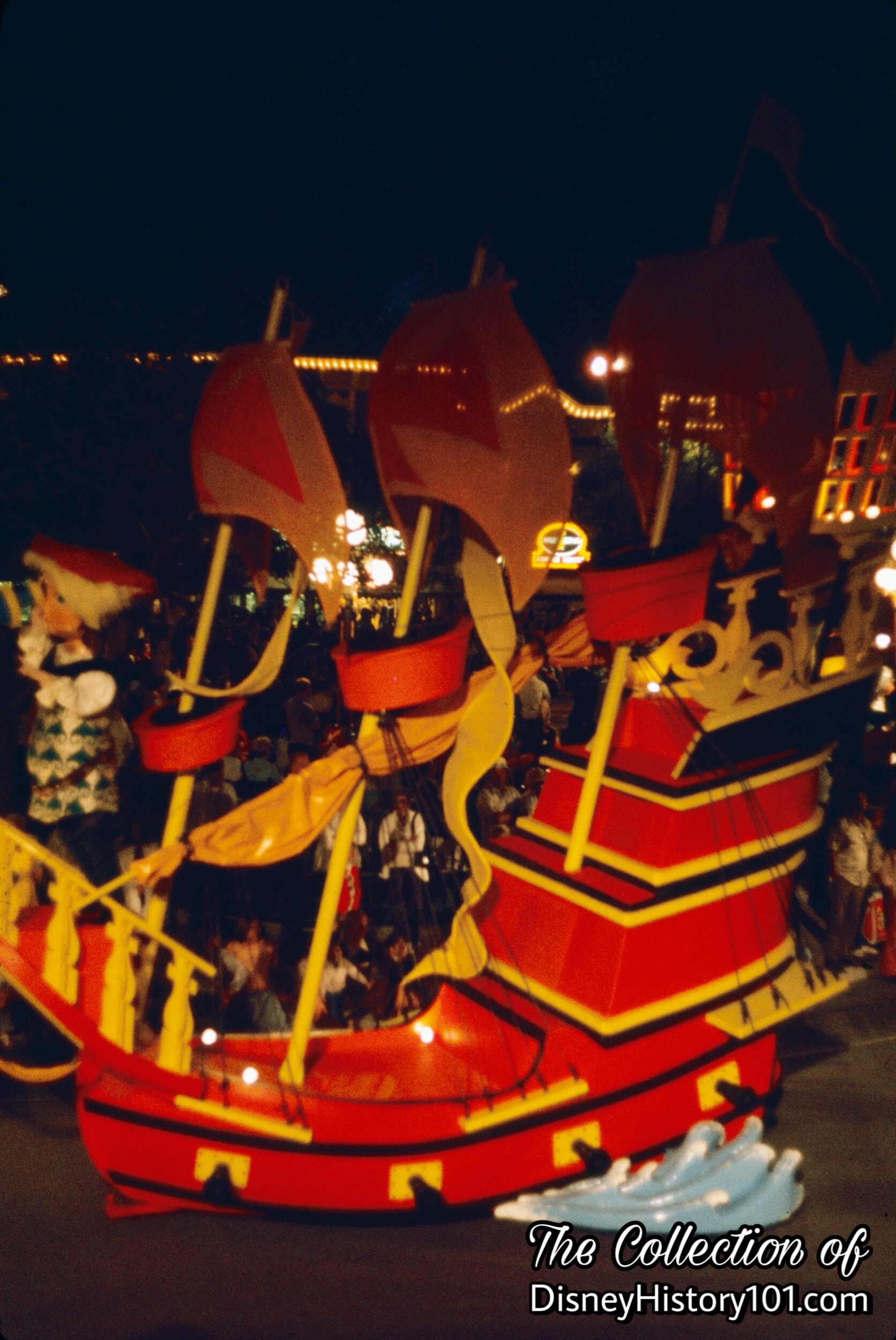

DEBBIE REMEMBERS DRIVING THOSE CUSTOM FLOATS :
“I was hired as a float driver for America on Parade. Originally I was hired for the radio, part of the inventions section, but we ended up switching around a lot. I drove the Discovery ship, the 2nd one in the parade (a lot). I had to lie on my stomach on something like a padded slanted board and steer with handle bars that were underneath me. There was a throttle on the handlebar…just like a motorcycle… I looked out the portholes in the bow…Brakes were at the bottom of the ramp…To brake, I had to slide down the board, because I was really to short to reach.
It was my first job and the people I worked with were wonderful. Even though most of us were pretty young, it did feel like we were part of something unique and special. It was a fun work environment, so I remember it fondly.
Many others (like Debbie) would submit written or typed inquiries about employment, swiftly receiving letters similar to the following.
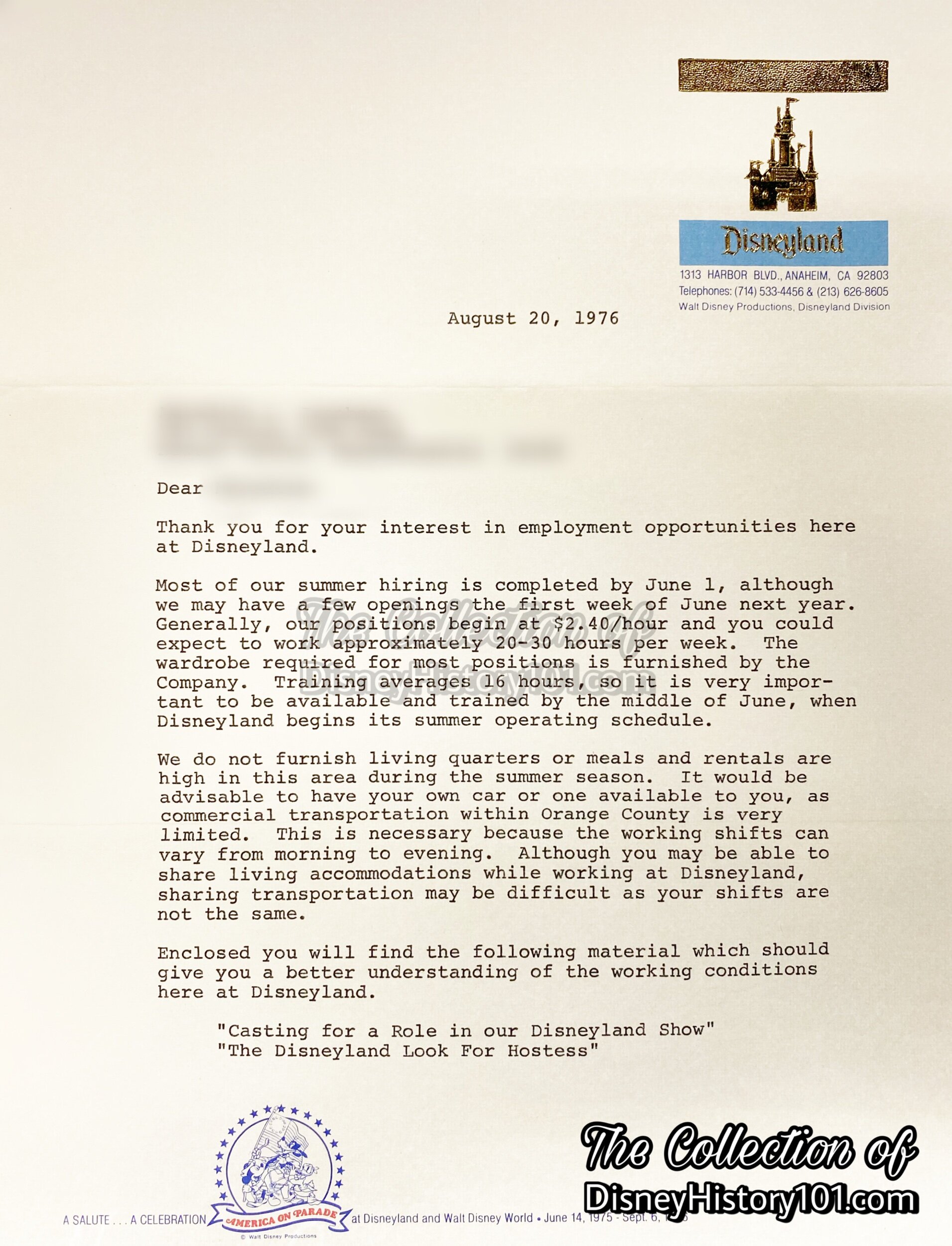
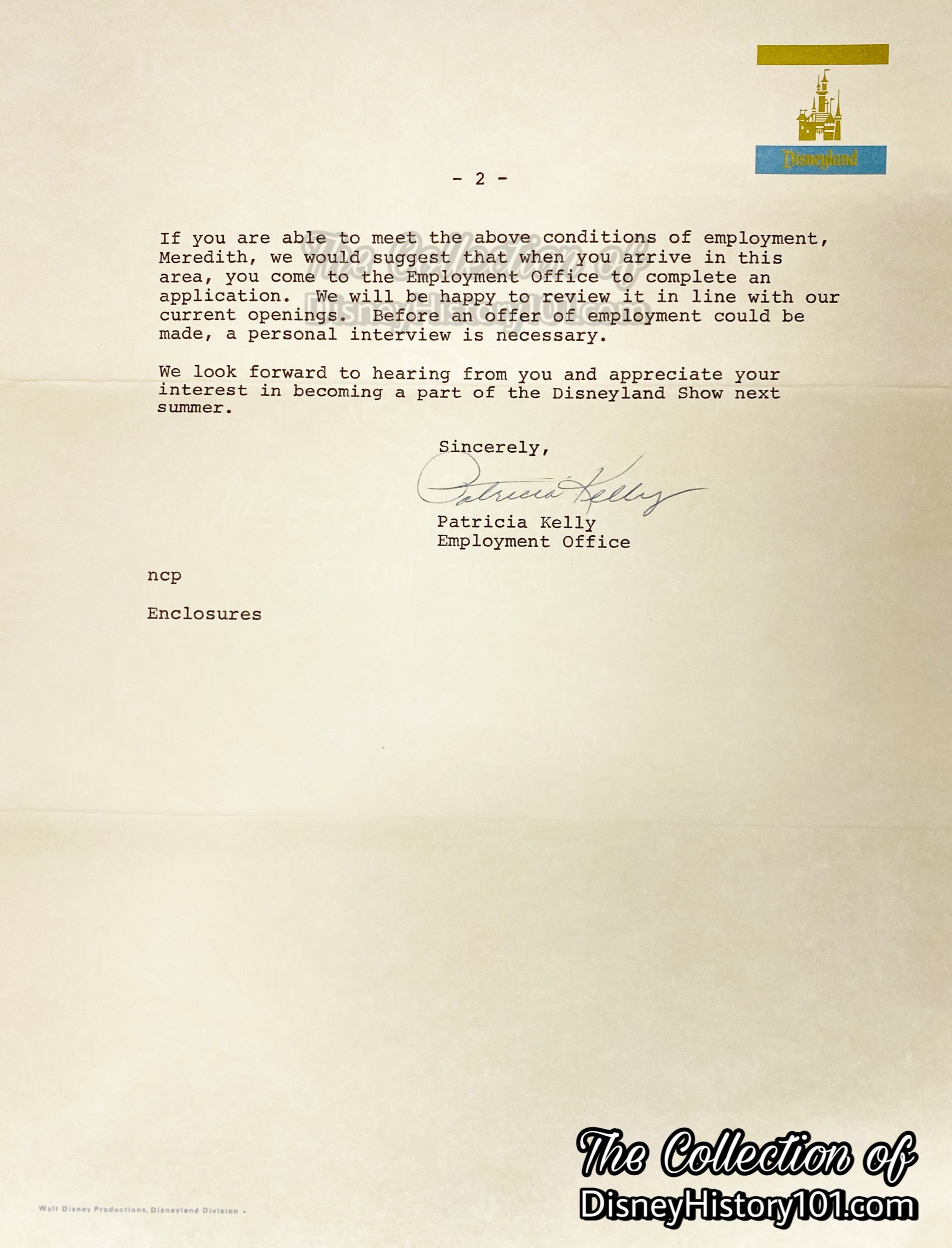
Below is one Inter-Office Communication announcing the addition of new Division Captains among the Summer staff. The Summer staff was largely comprised of Seasonal Employees who were employed for a specific period of expanded activity at Disneyland (such as the summer, Christmas and Easter seasons). Seasonal employees would not become permanent employees unless transferred to the permanent employee group by the supervisor in charge of the activity in which they are working.
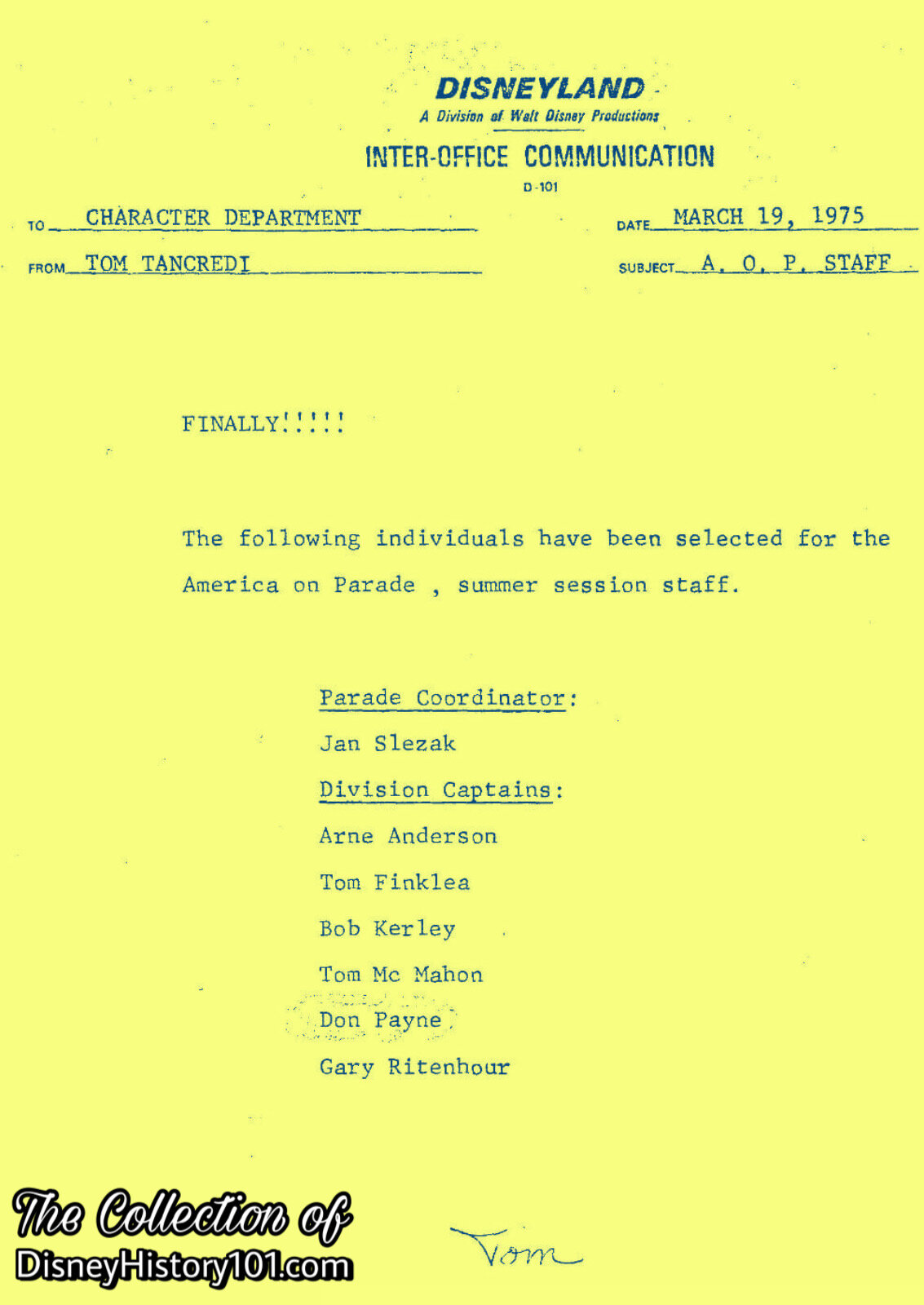
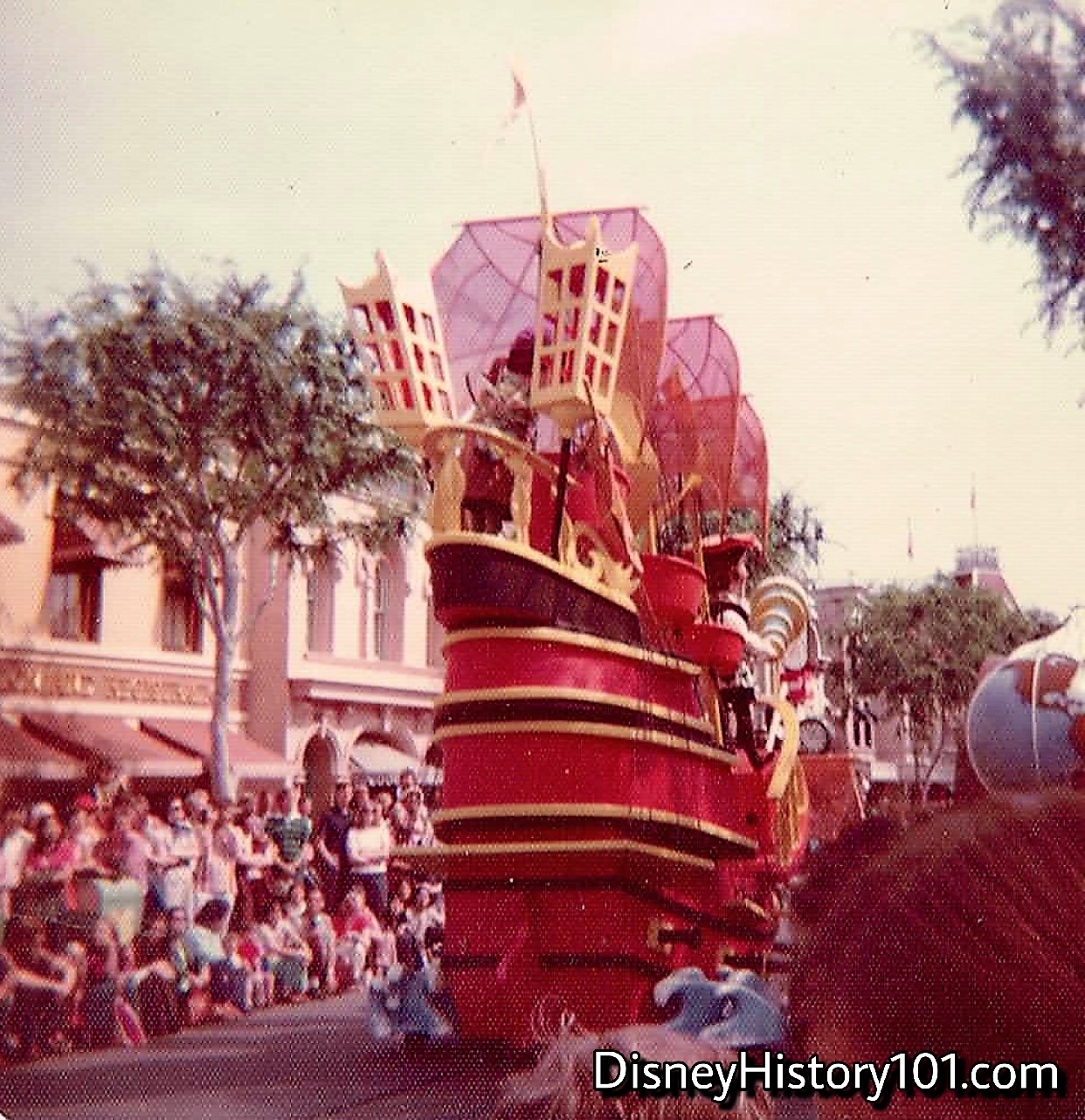
FACTS ON PARADE : These massive toylike structures were more than twenty feet in height on average,so each one had to be flexible in order to maneuver down the parade route.
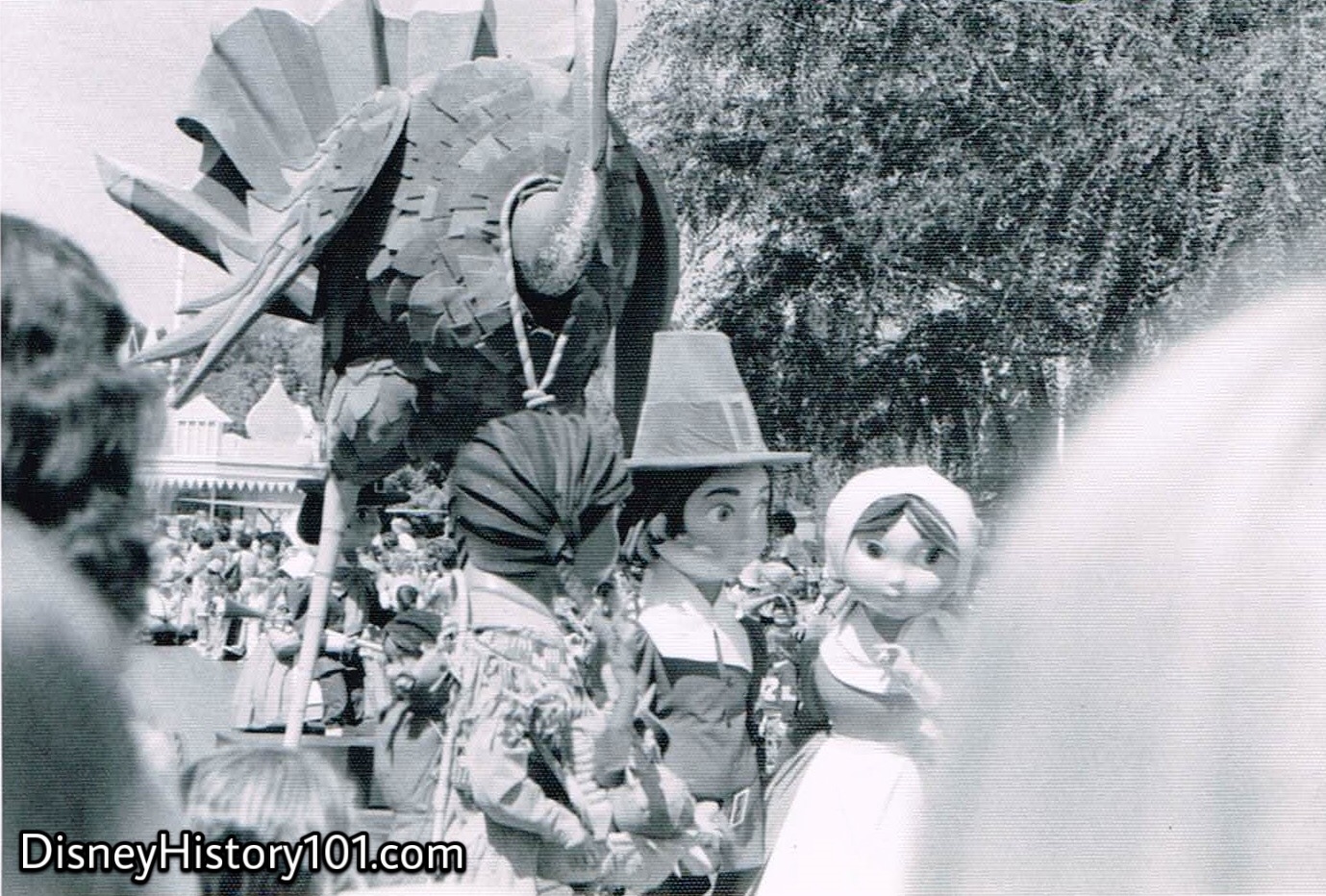
“When the pilgrims first settled in the ‘New World’, only aid from the Native American Indians helped them survive, and in gratitude, they set aside a day of Thanks Giving.”
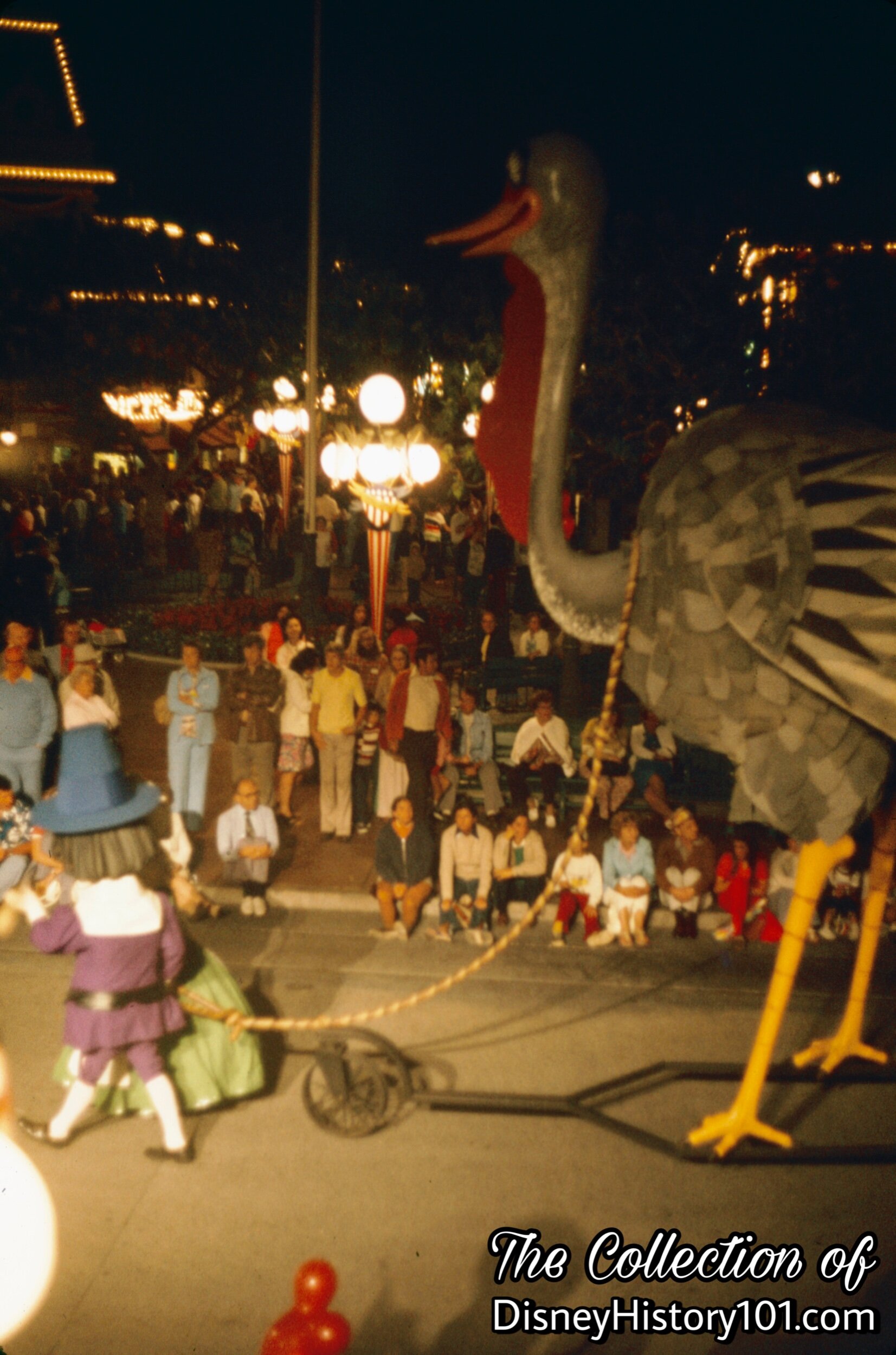
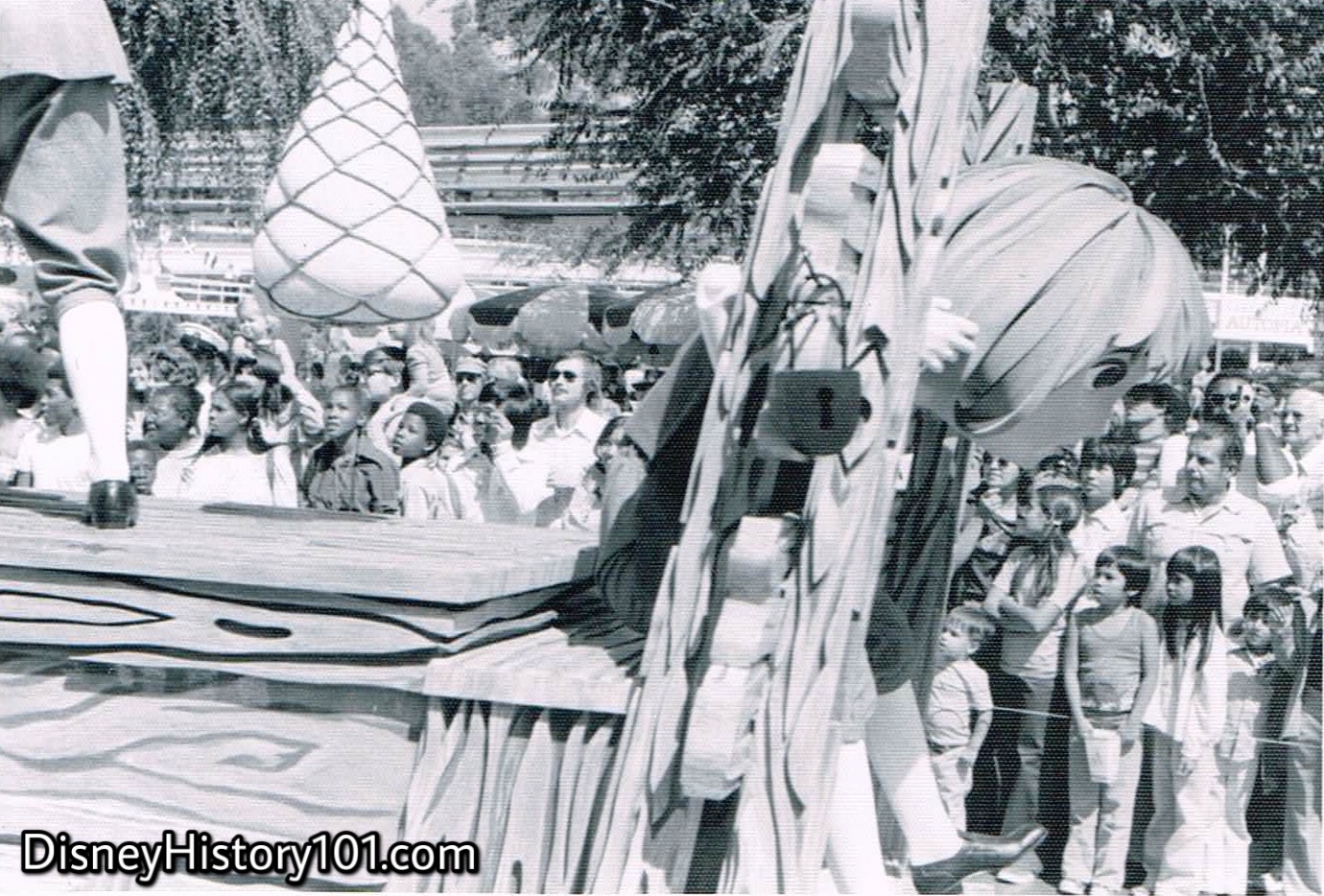
“Starting a new life wasn’t all fun. Hard work and discipline were required…and being locked all day in the stocks,…”
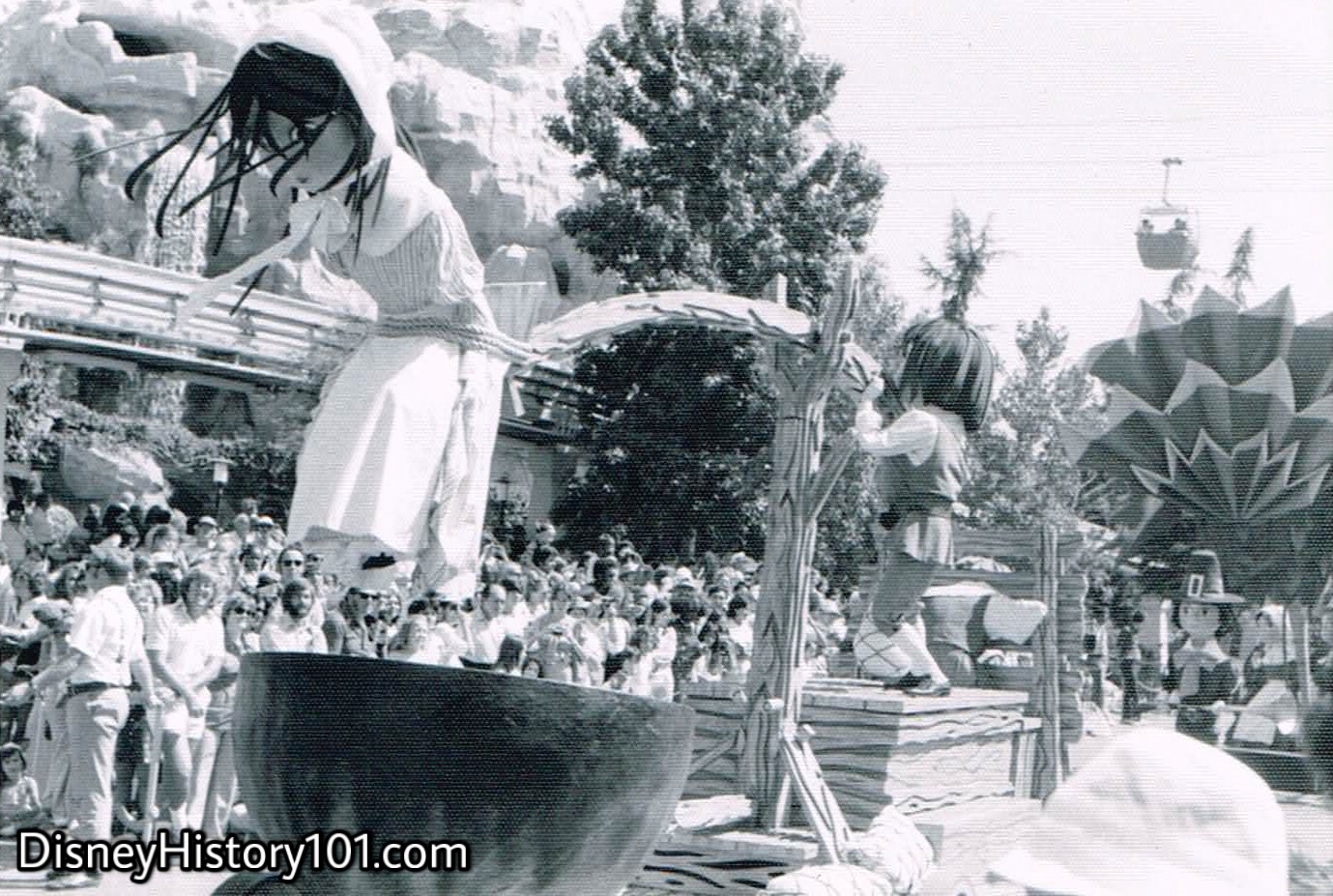
“…or plunged into chilly water on the dunking stool served as discipline for those who were ‘mischievous’.”
According to “THE DISNEY THEME SHOW: an introduction to the art of Disney outdoor entertainment; Volume 2”: “What we create here is a storybook realism… an essence of realism and authenticity... more utopian in nature, more romanticized, more like what guests imagined it would be. All the negative, unwanted elements are carefully programmed out, while the positive elements are not only retained but in some cases even embellished for better entertainment.” This guiding principle has affected Disneyland Show since the beginning and can be seen in this colorful America on Parade float.

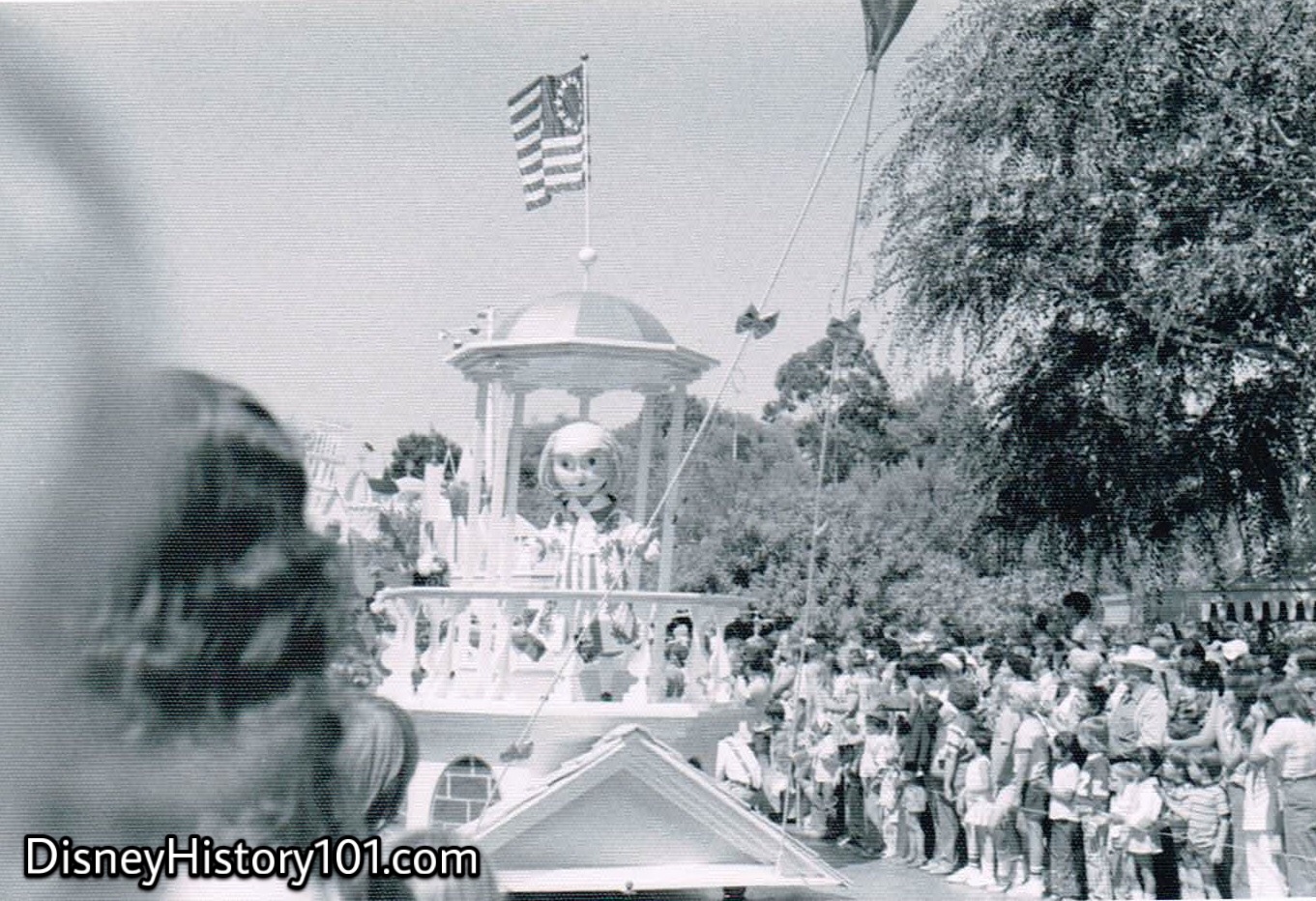
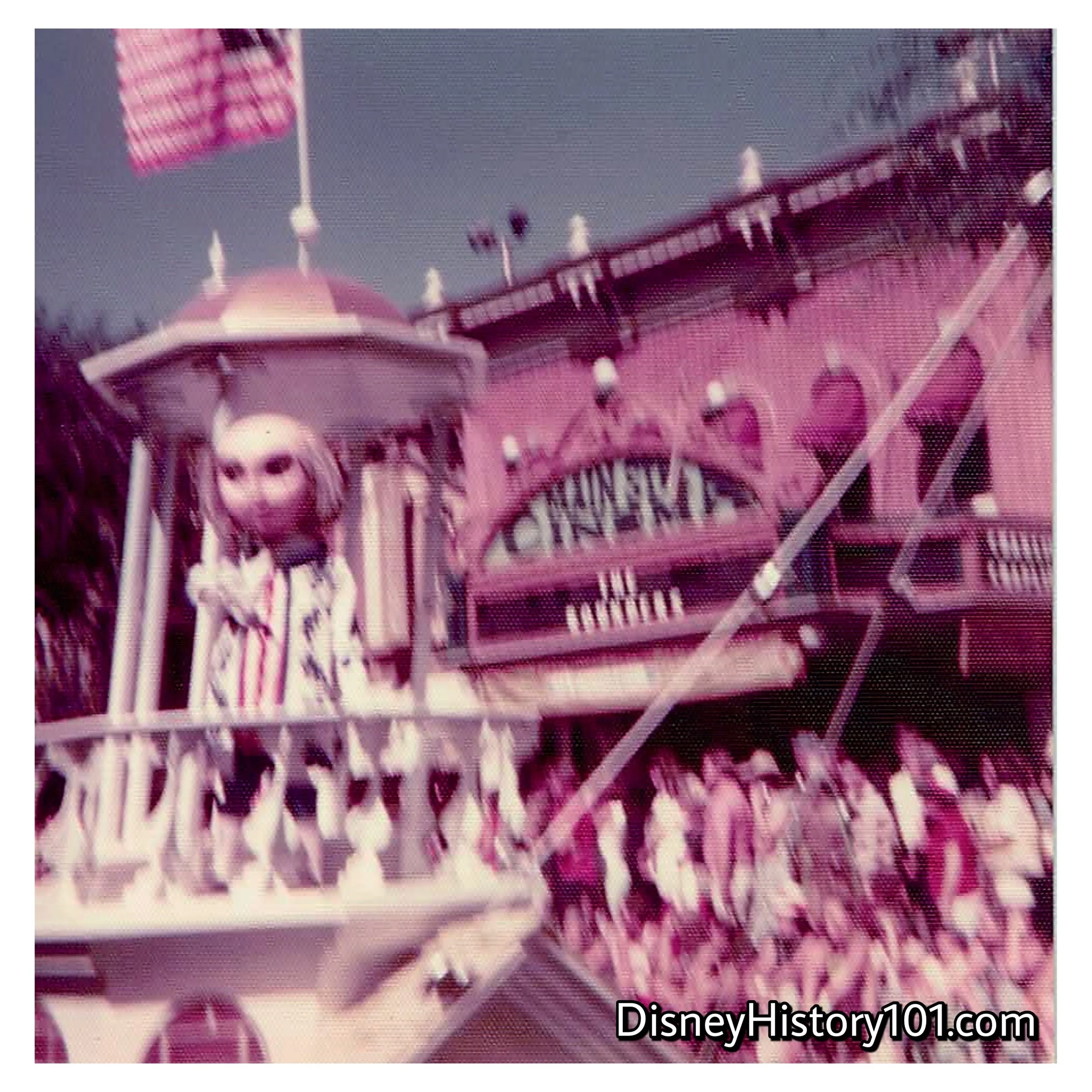
“One man who played a part in the development of these soon-to-be-called ‘United States’ was Benjamin Franklin. This man carried the word from the colonies to the King of England, that this new land - America - wanted its independence!”

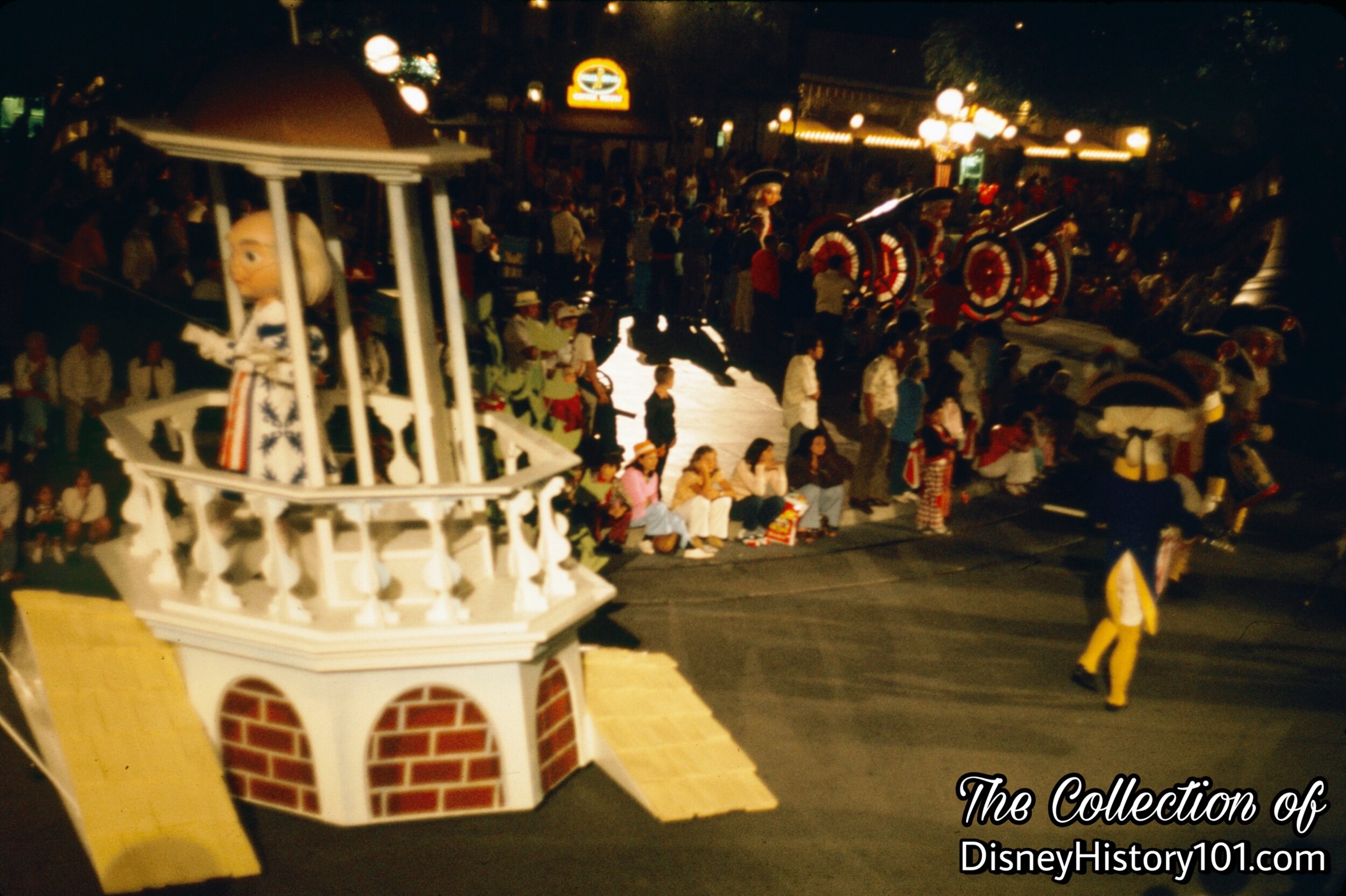
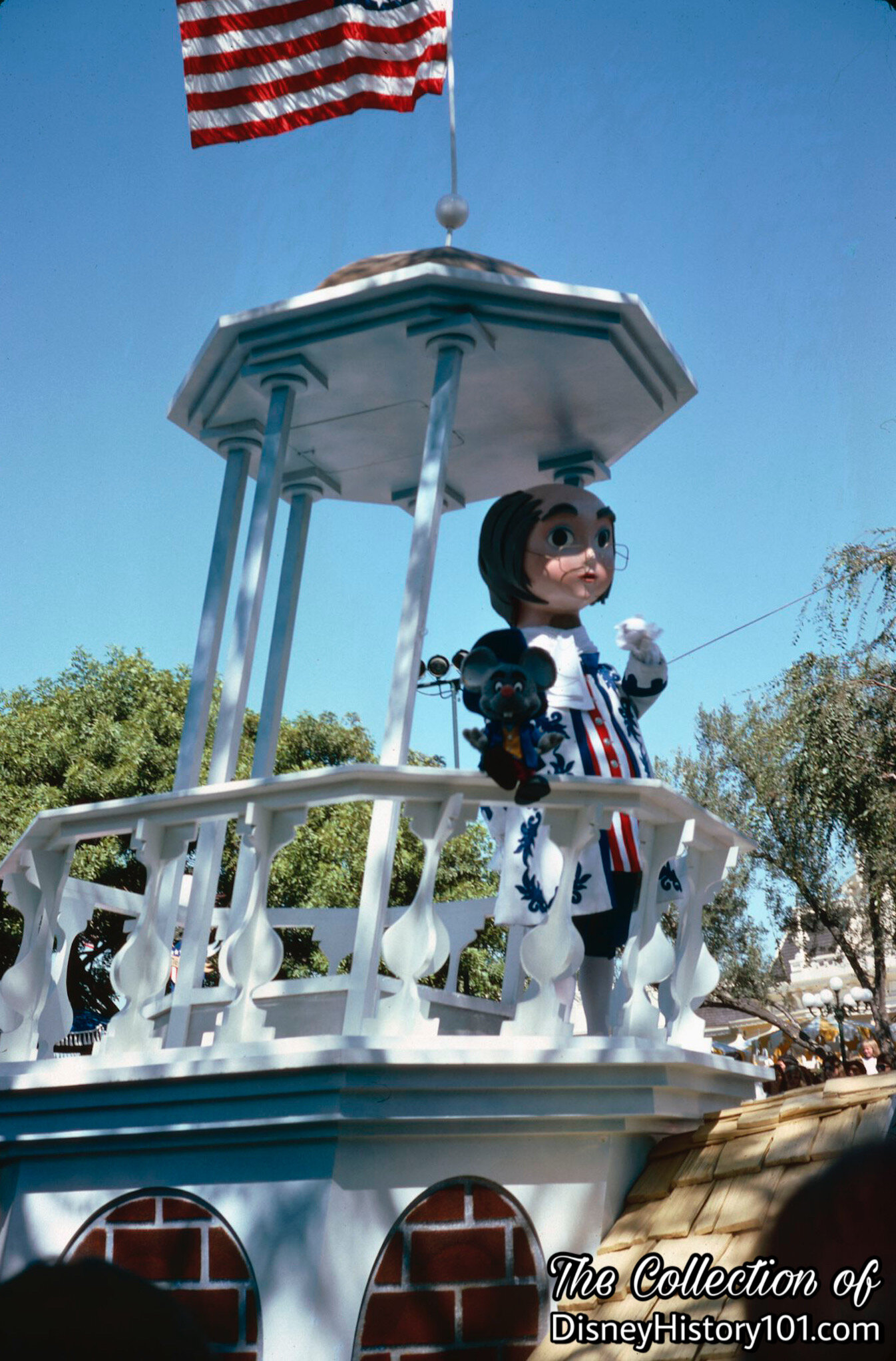

“When he returned from England with the King’s denial, the colonists knew that they would have to fight for their independence.”
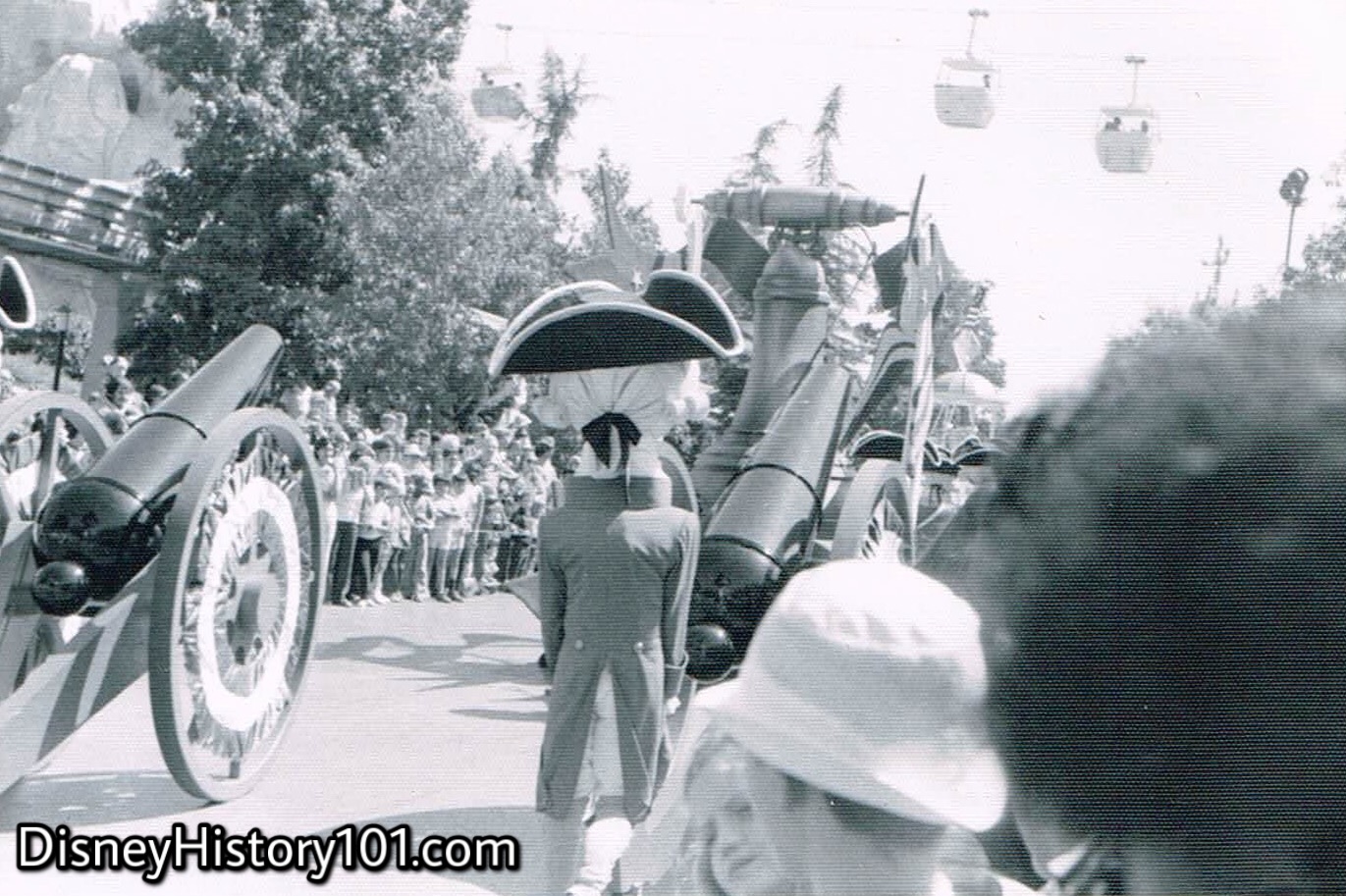
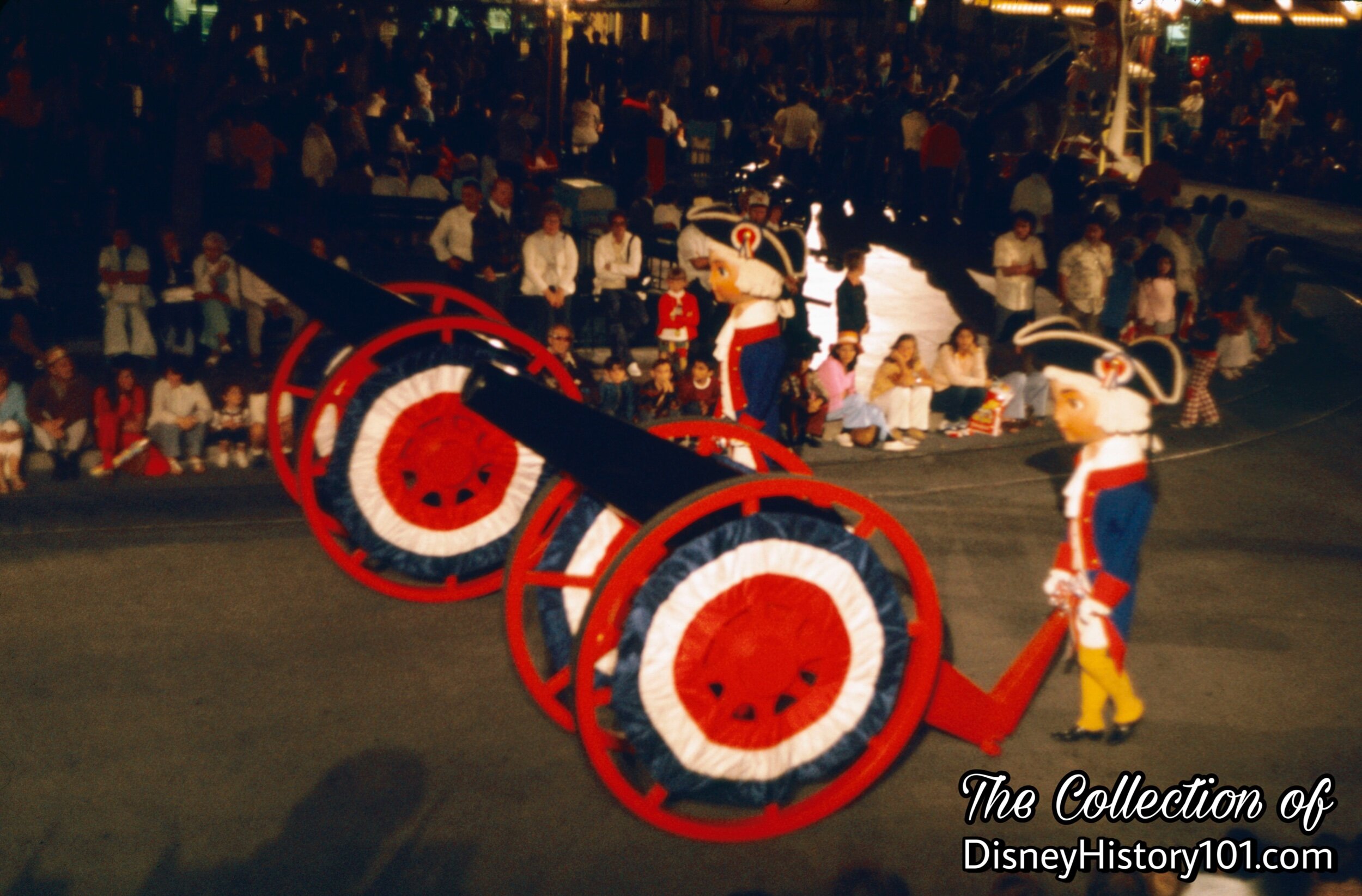
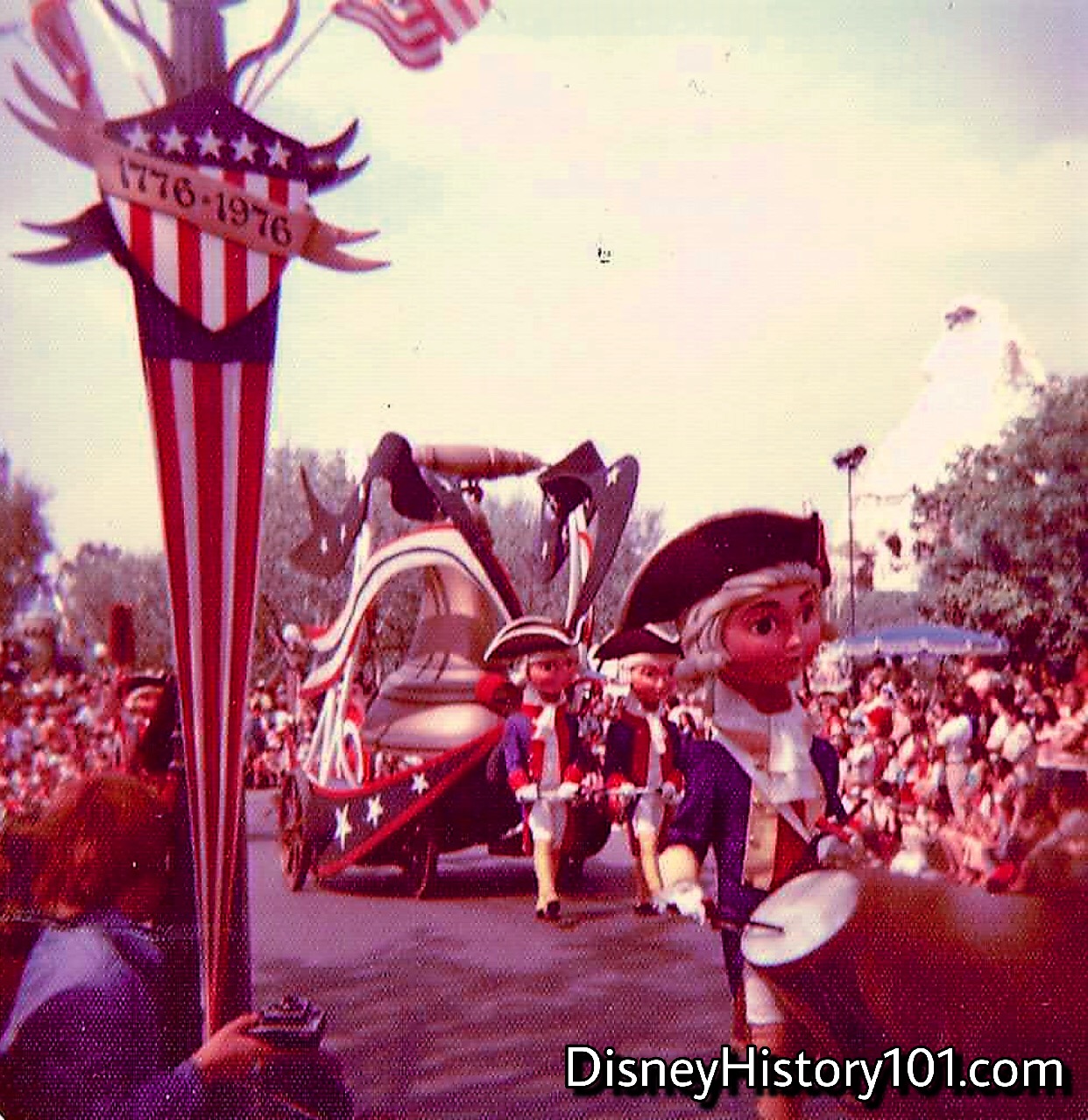
“Let freedom be heard…”
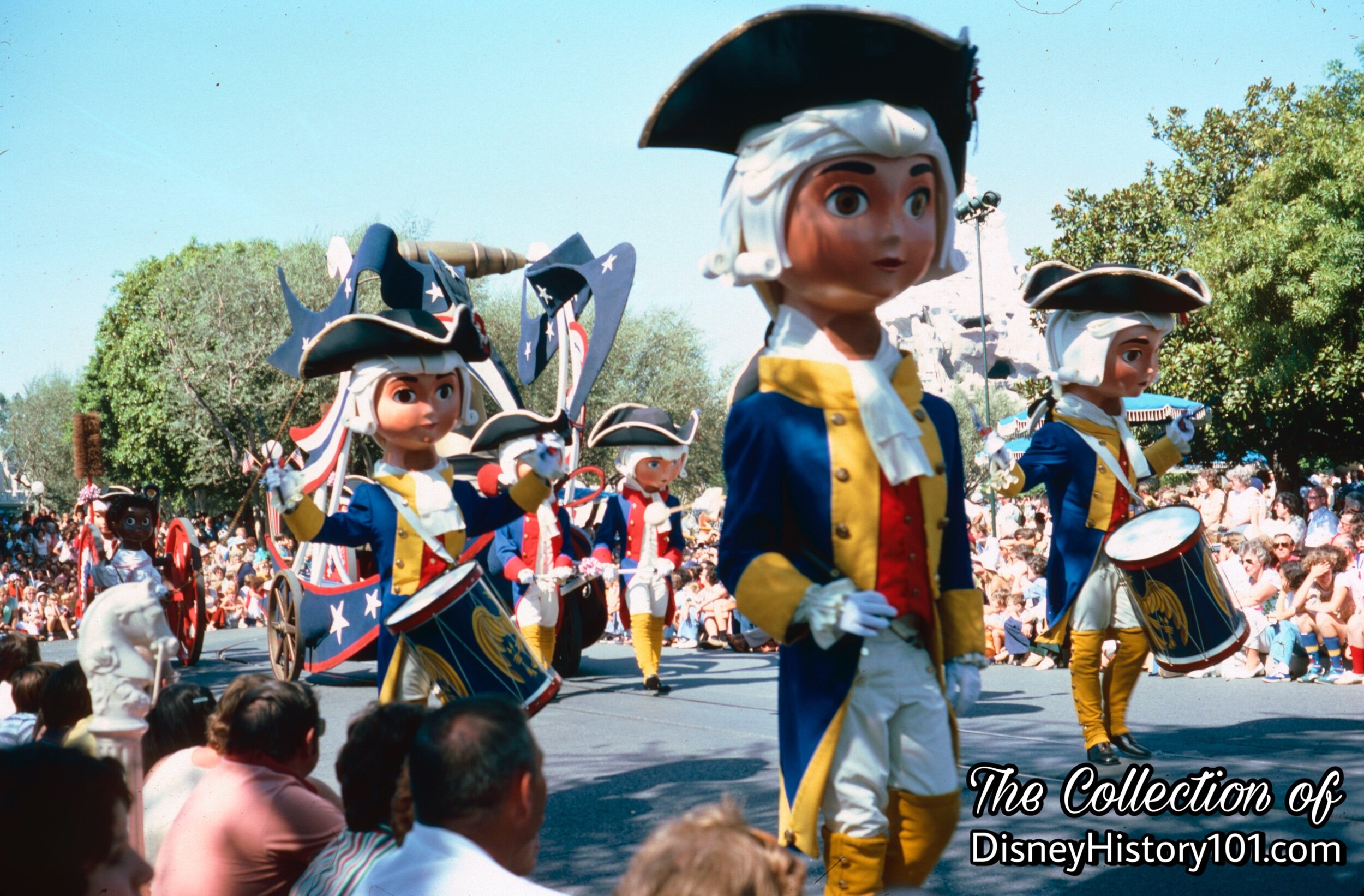
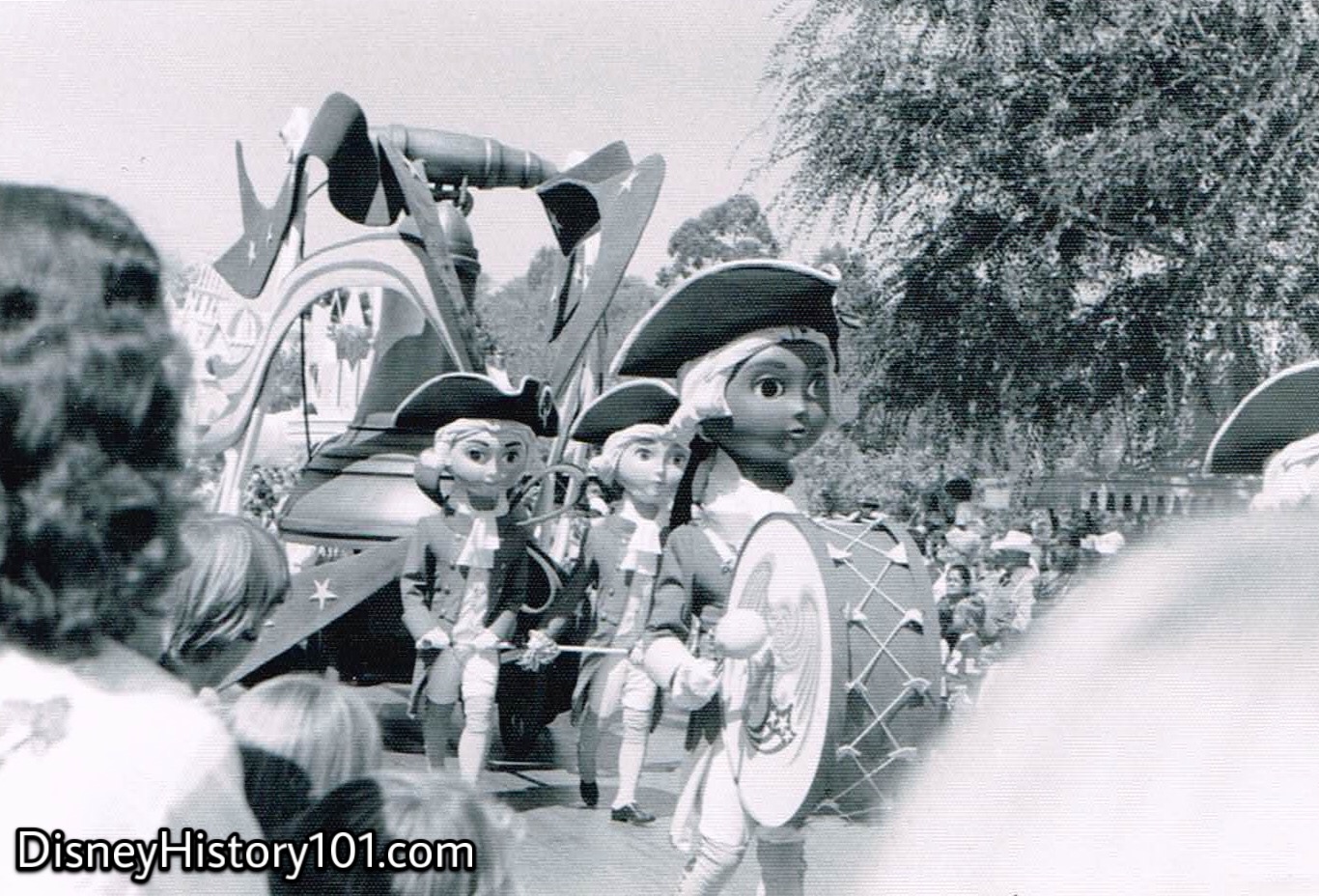
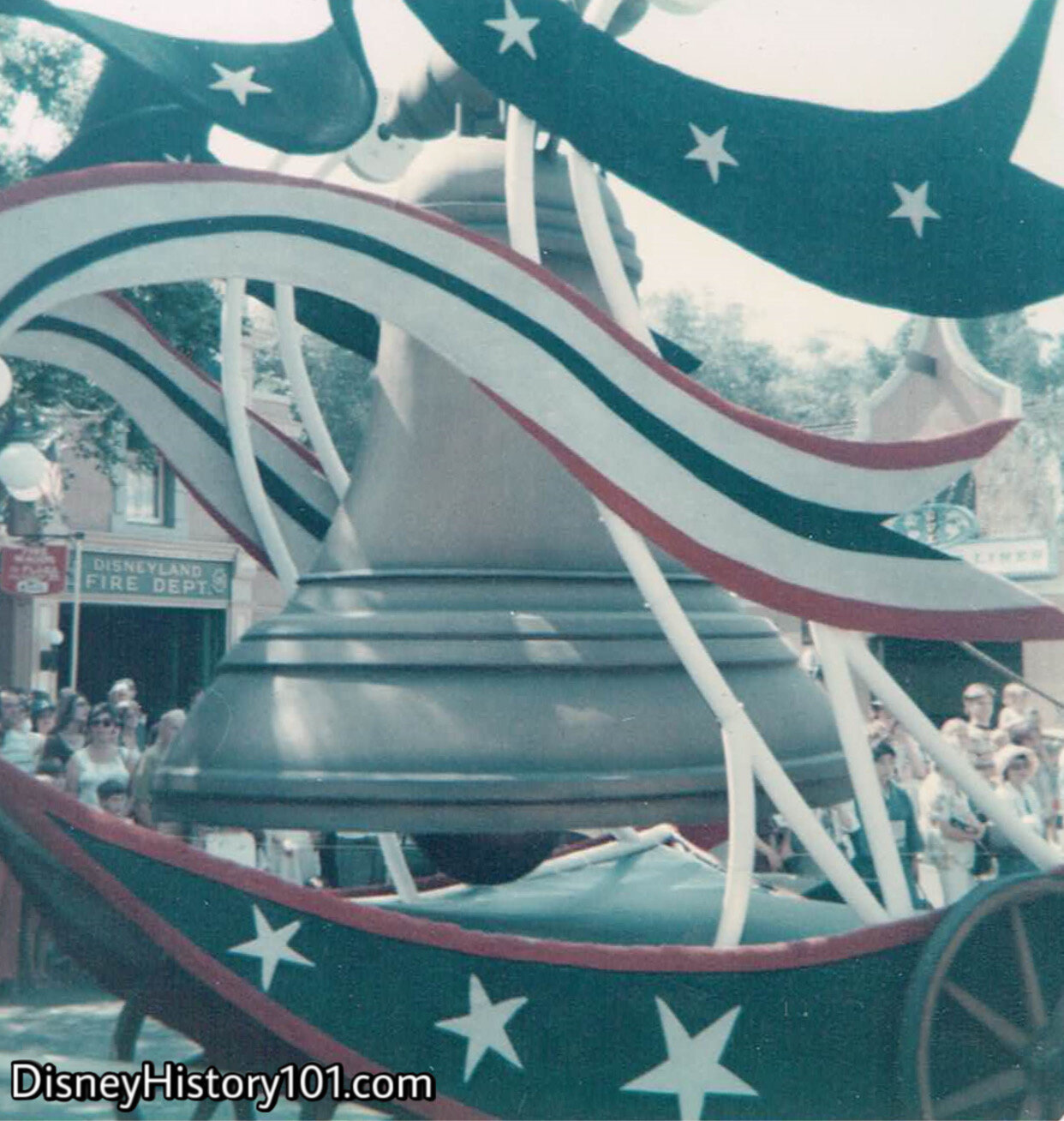
“…and let the Liberty Bell ring out across the land!”
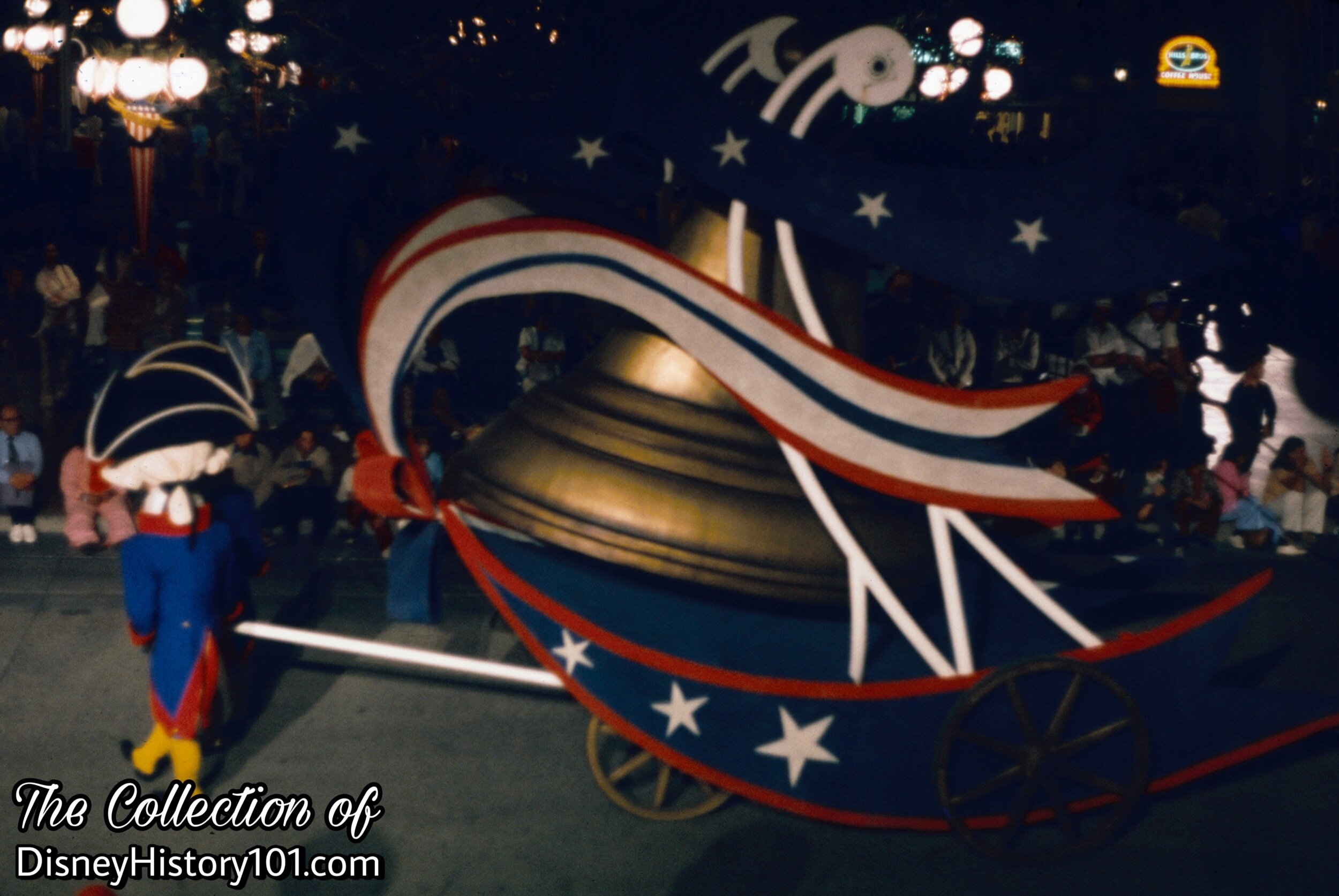
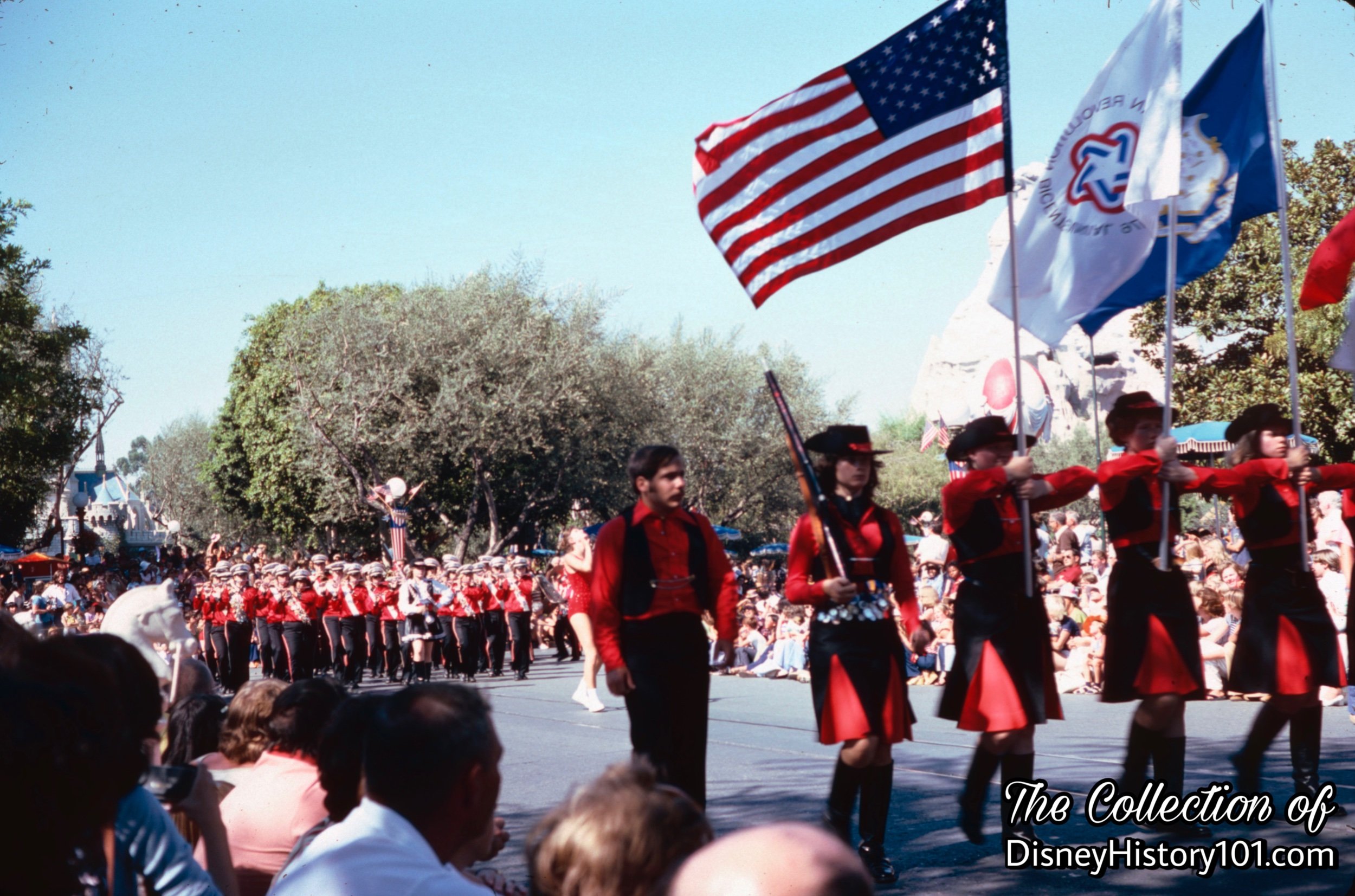
Each performance of America on Parade features some Anaheim high school or college band as part of the finale. The participants received academic credits and work-experience payments for complimenting the parade’s “People of America” cast. Here the flag bearers carry the United States flag (right), the American Revolution Bicentennial flag (center), and another flag (left).

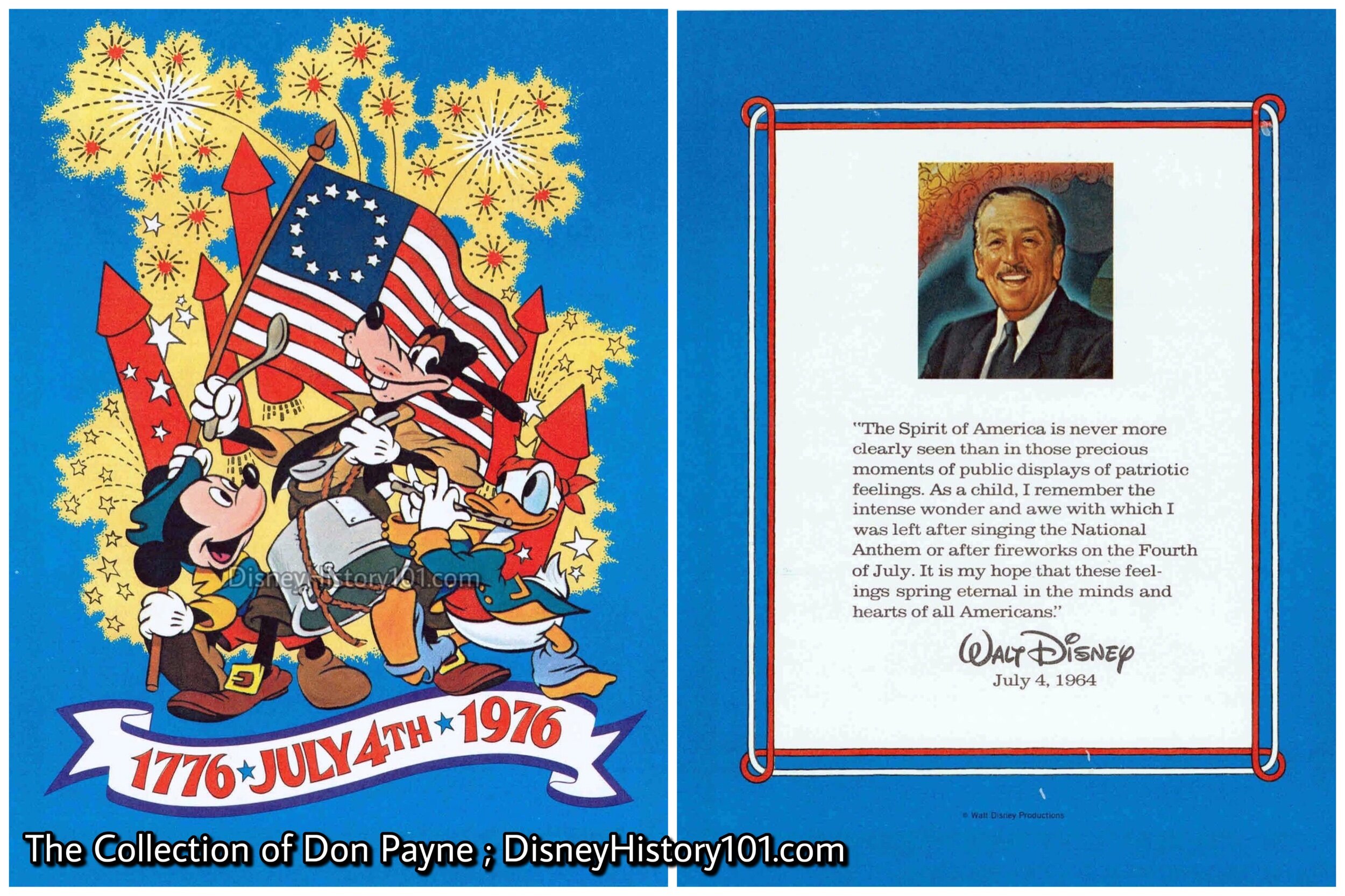
On the “note” of Independence Day, let’s take a moment to remember July 4th, 1976 at Disneyland! As mentioned above, the parade’s patriotic theme (“The Glorious Fourth”) was written by The Sherman Brothers. An adapted musical arrangement was then provided by Don Dorsey. Finally, these were memorialized in souvenir “songbooks” which were distributed to guests on the final day (July 4th, 1976), so that they could share in the festivities along the parade’s route!
The cover featured an illustration of Mickey, Goofy, and Donald, similar to one that was first featured on a July 1939 issue of “Mickey Mouse Magazine”, (a forerunner of the popular Walt Disney’s comic books and stories). It also referenced to design America on Parade’s opening float. As such, this same iconic illustration was utilized on a variety of packaging - saltwater taffy boxes, popcorn boxes, hotdog wrappers, as well as wax and styrofoam cups to name a few.
The back of the songbook also featured a special quote from Walt Disney, memorializing his own patriotic sentiments!
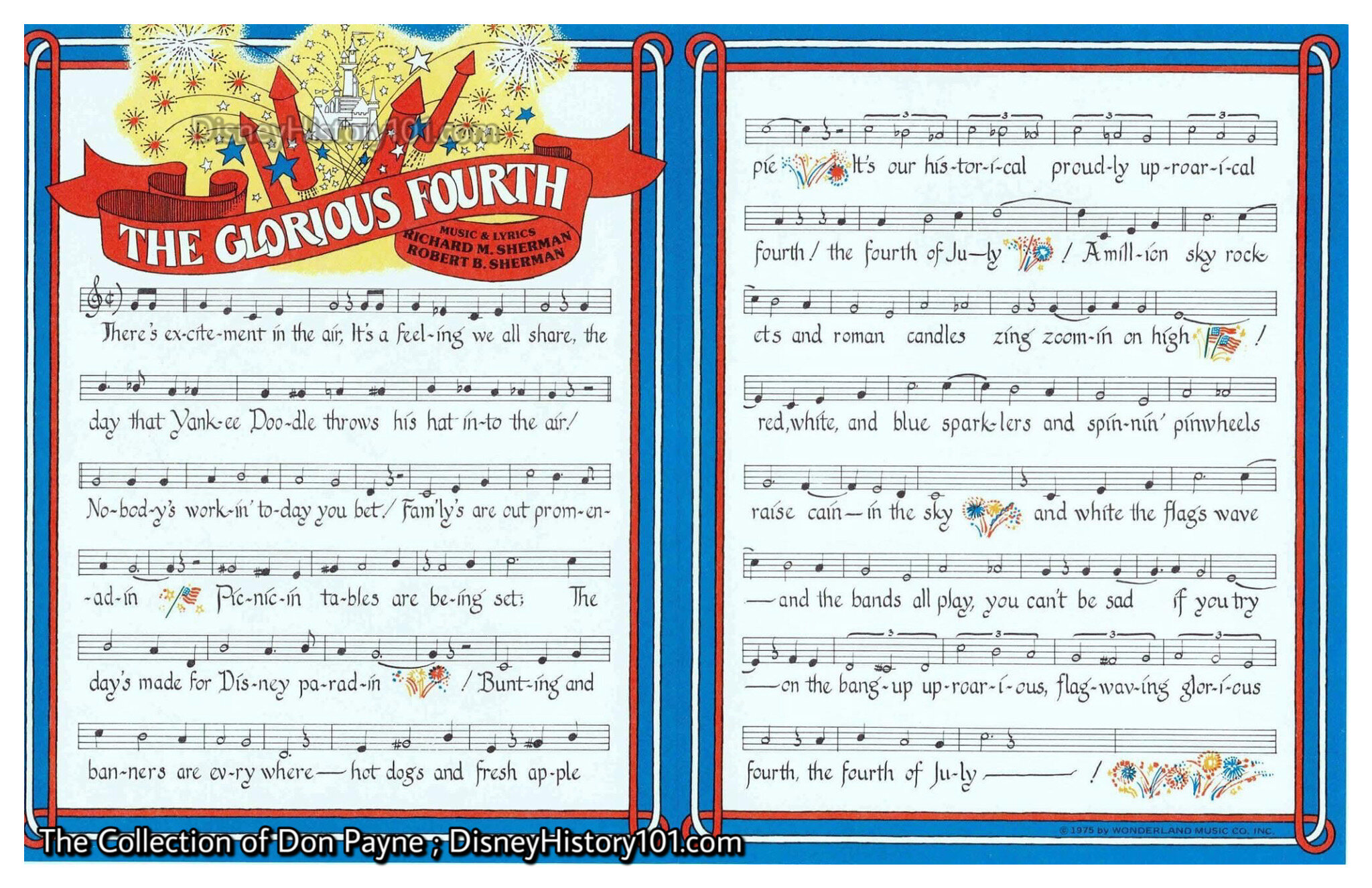

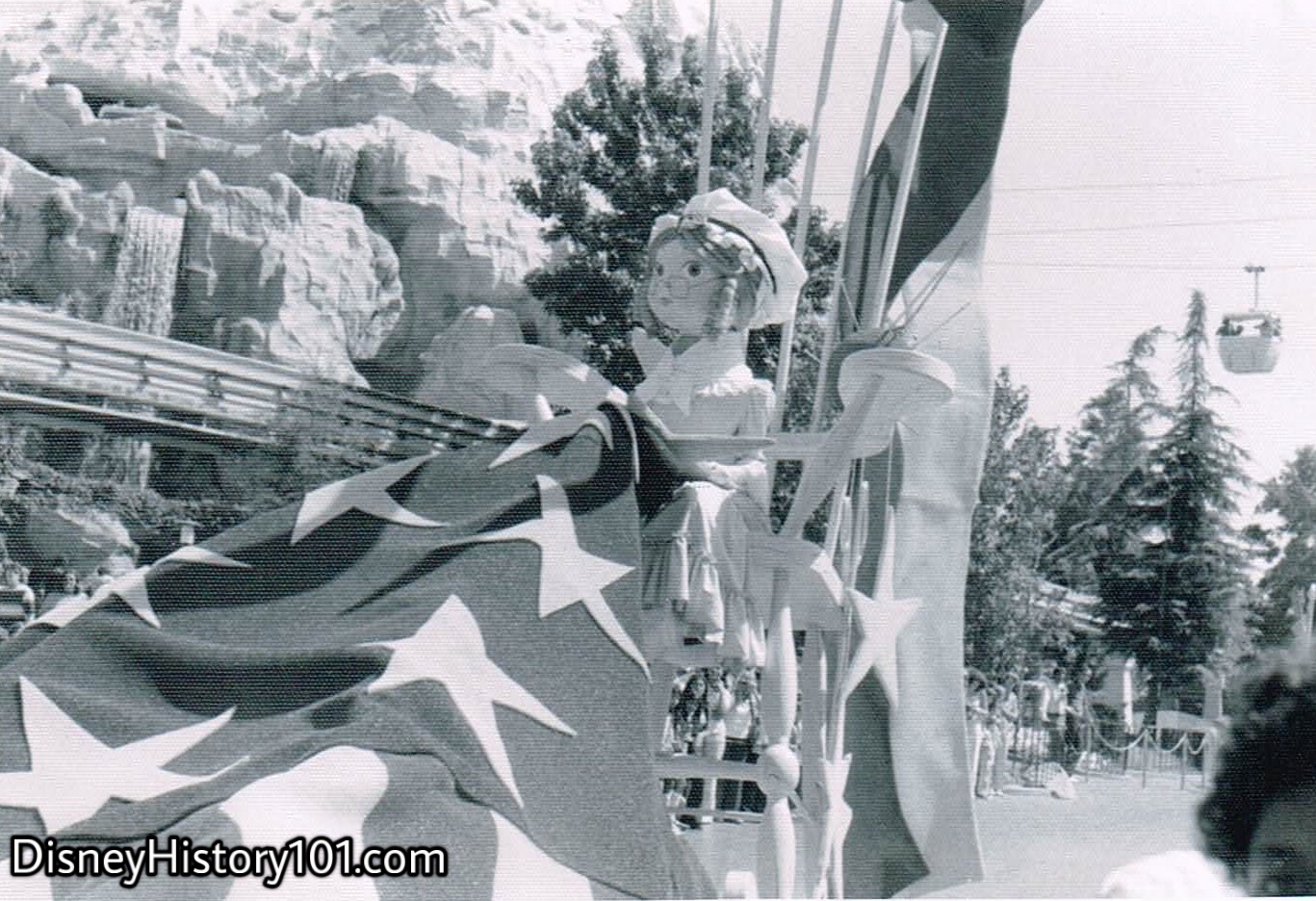
“A woman patriot - Betsy Ross - hand-sewed the first American flag in June of 1776 in Philadelphia at the request of America’s first general George Washington.”
Facts On Parade : Betsy Ross’ rocking chair is a towering twenty feet high!
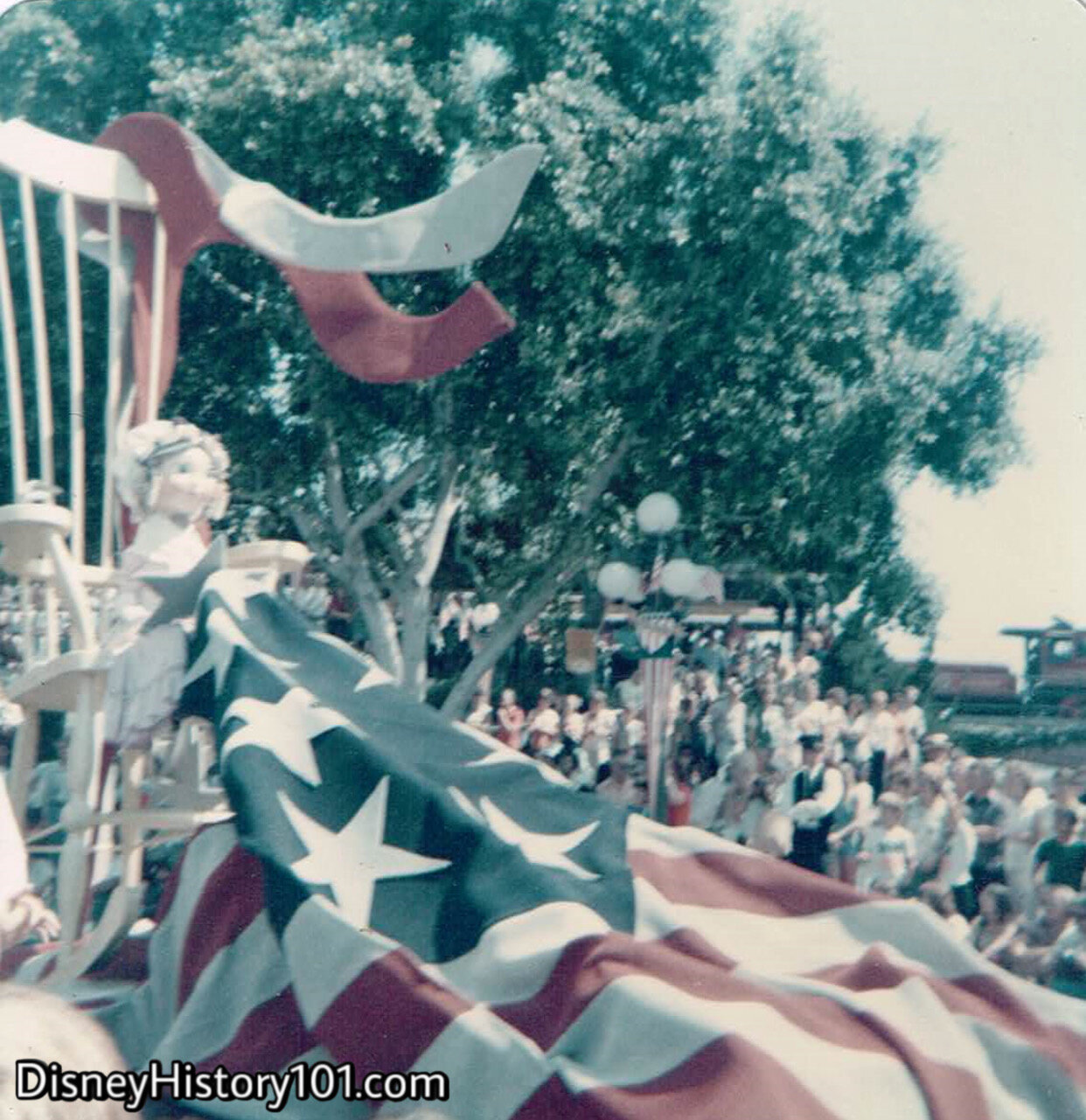
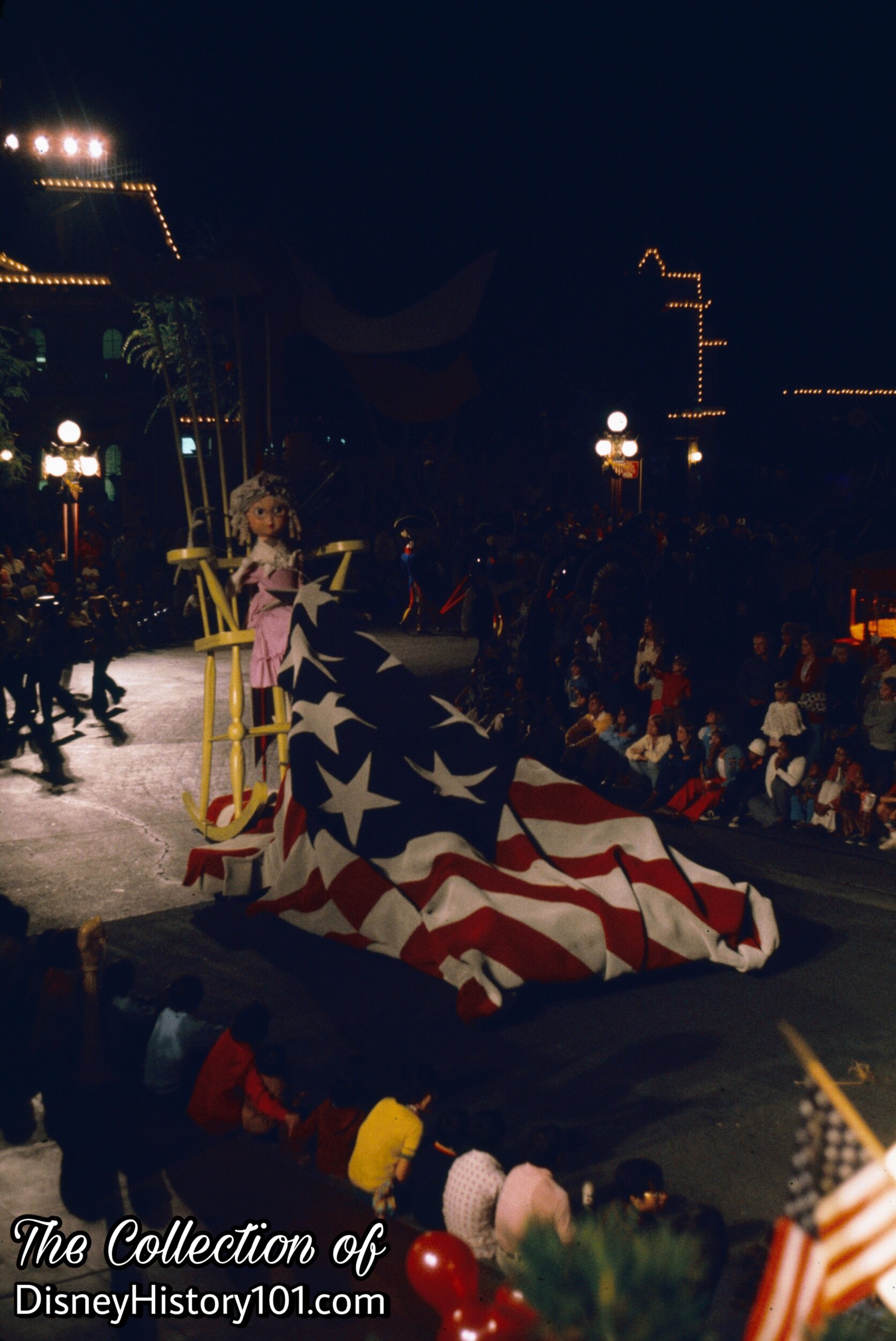
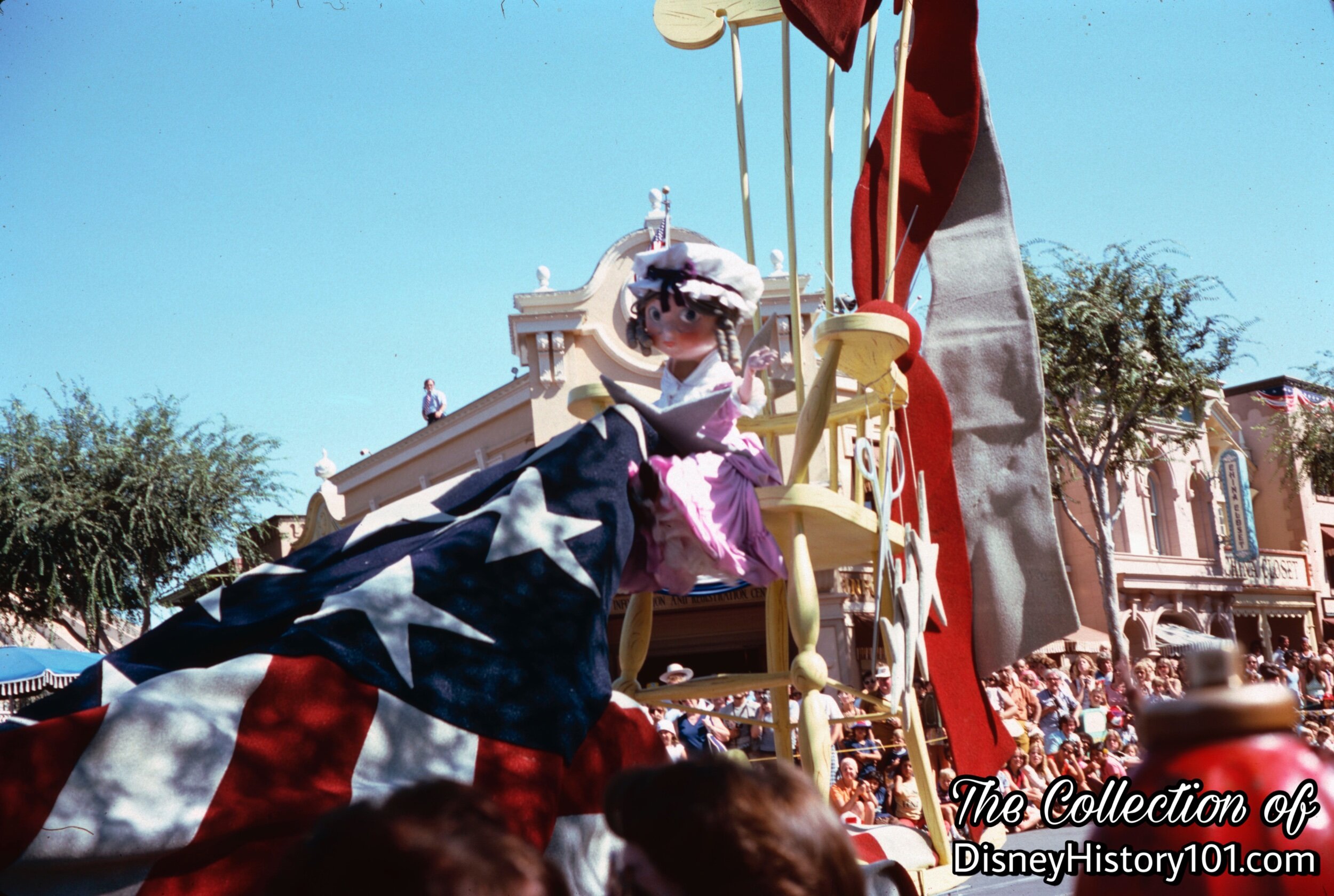
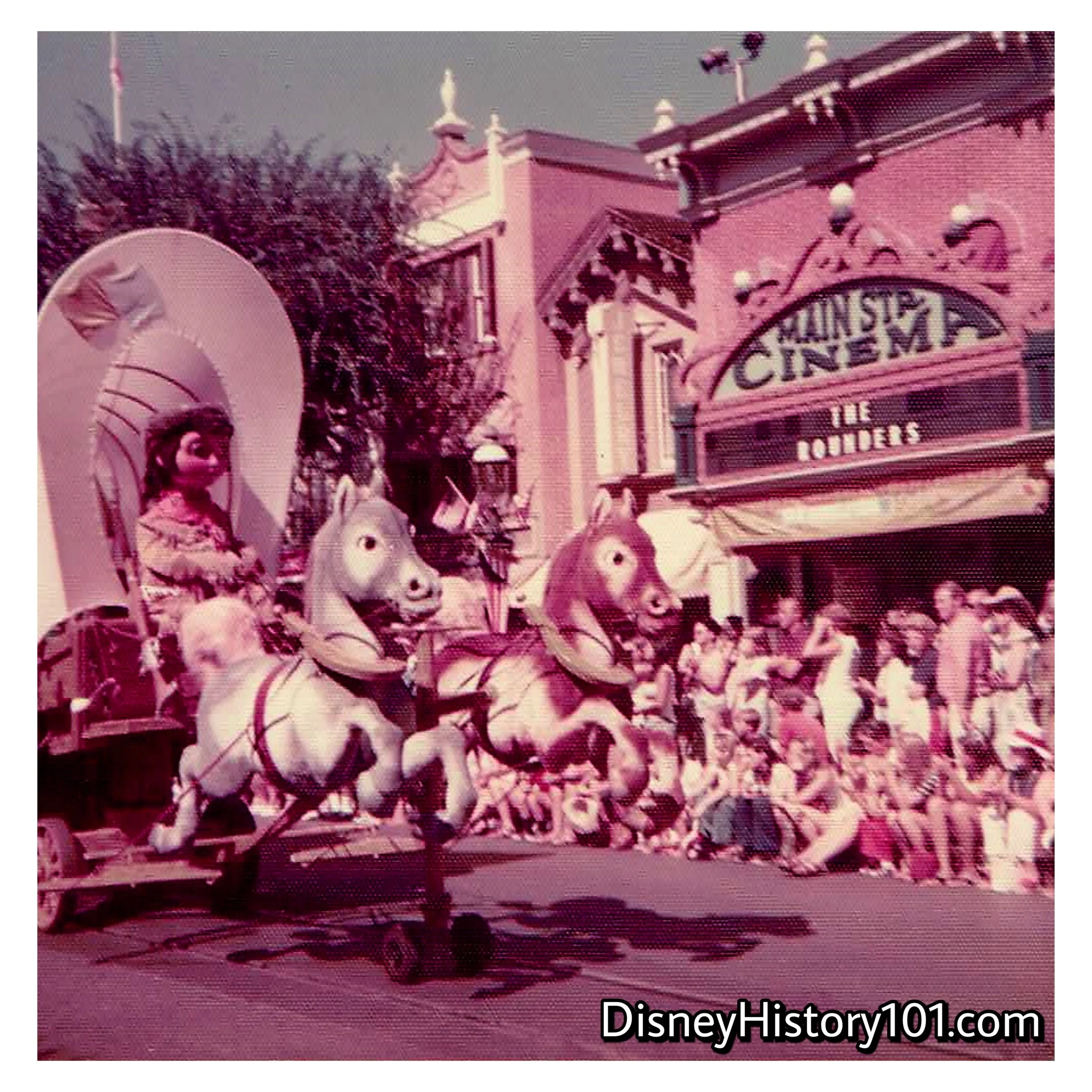
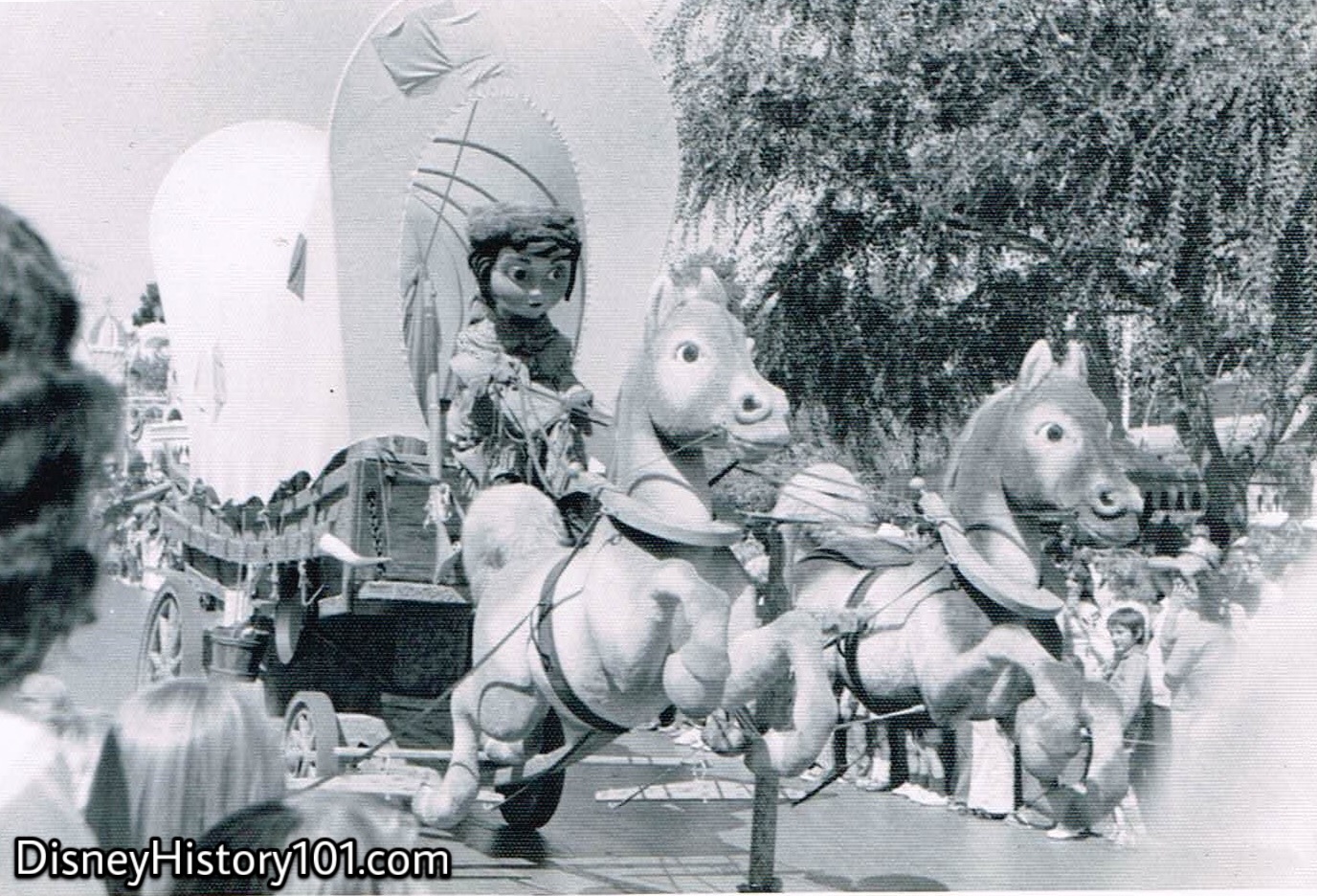
“Pushing across the frontiers into the west, pioneers made their way in covered wagons. New land was being explored. America was expanding.”
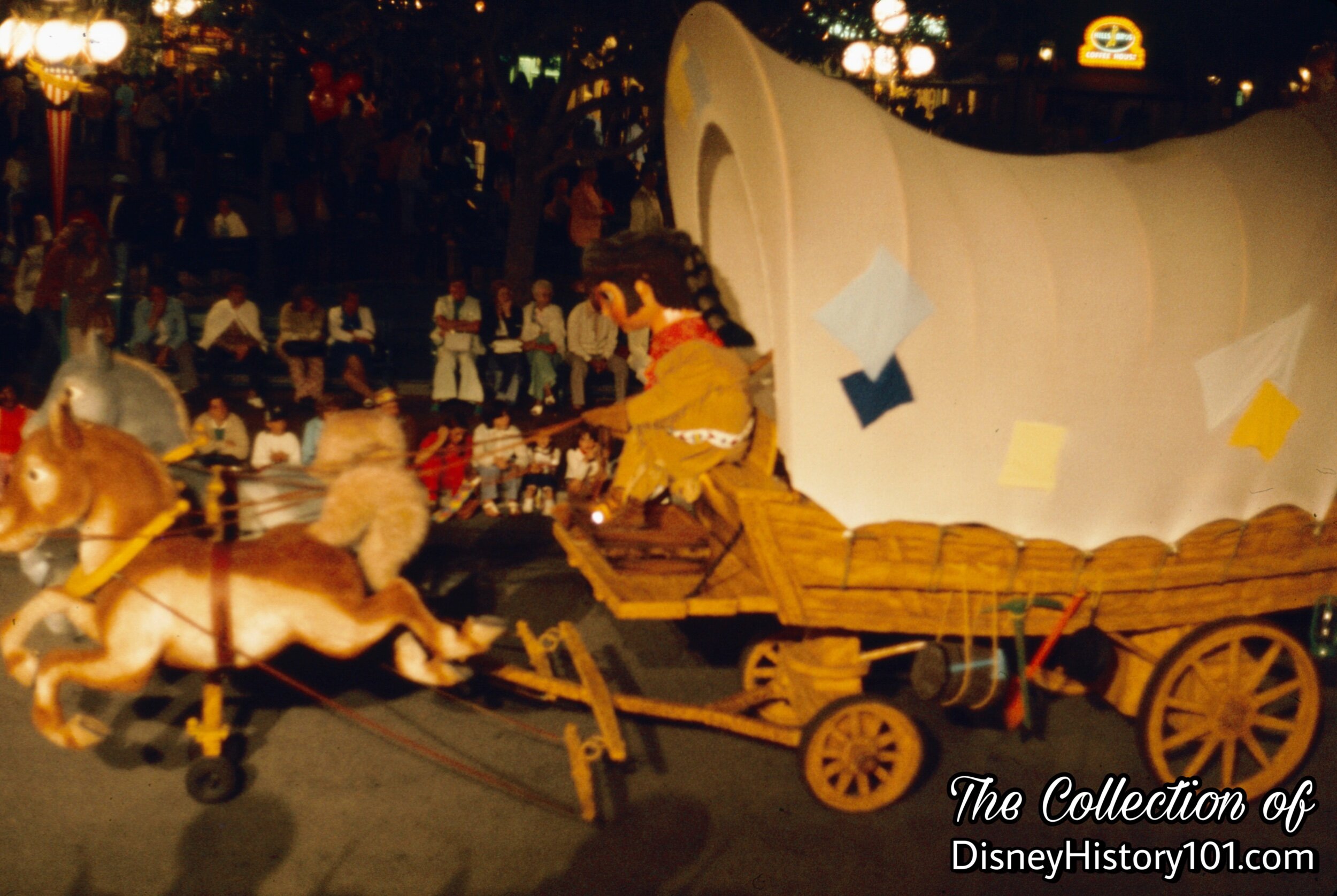
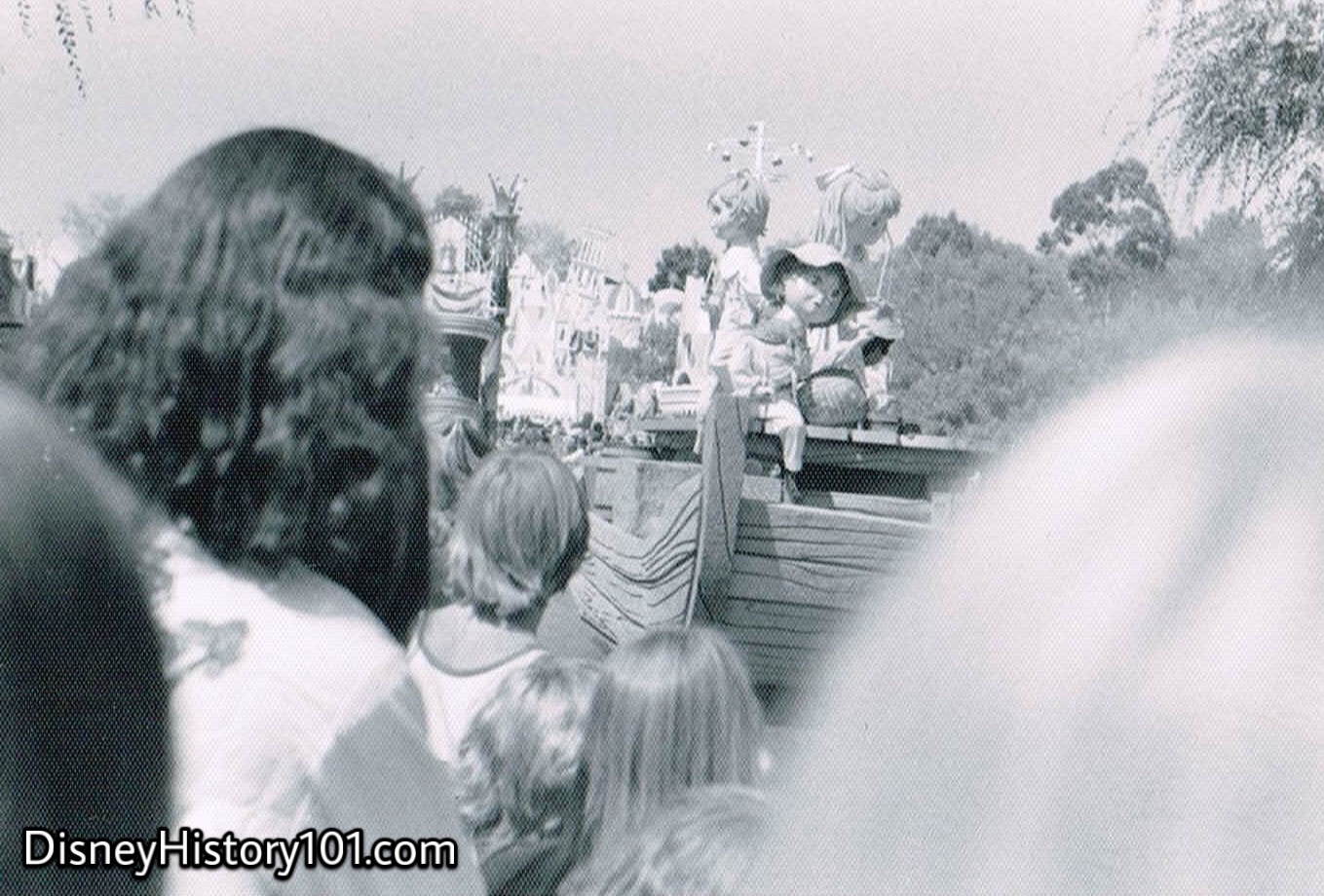
“The great Mississippi River - commercial highway, romantic waterway, inspired many legends in American history. Tom Sawyer and Huck Finn lived and played along the mighty river banks.”
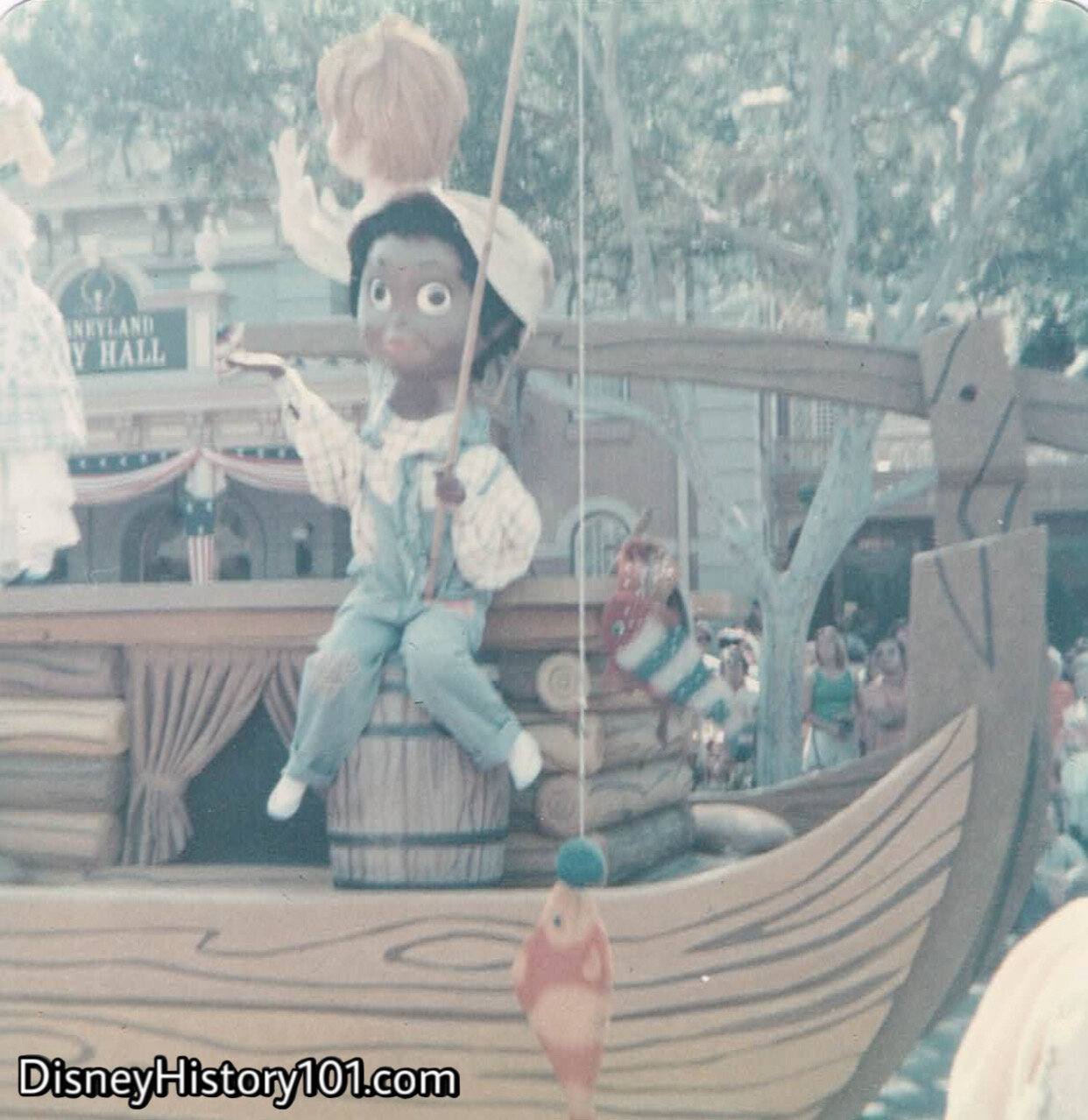
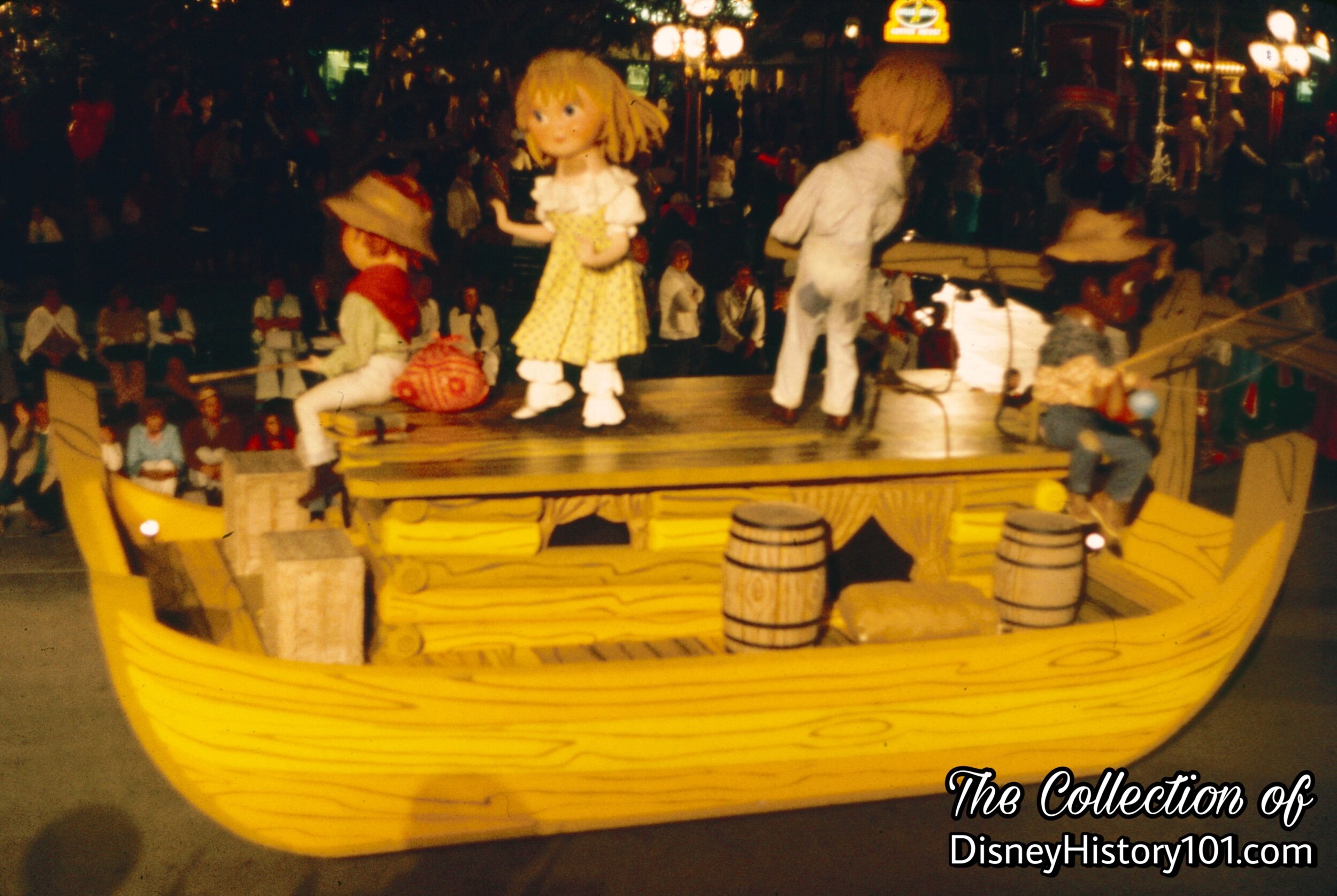
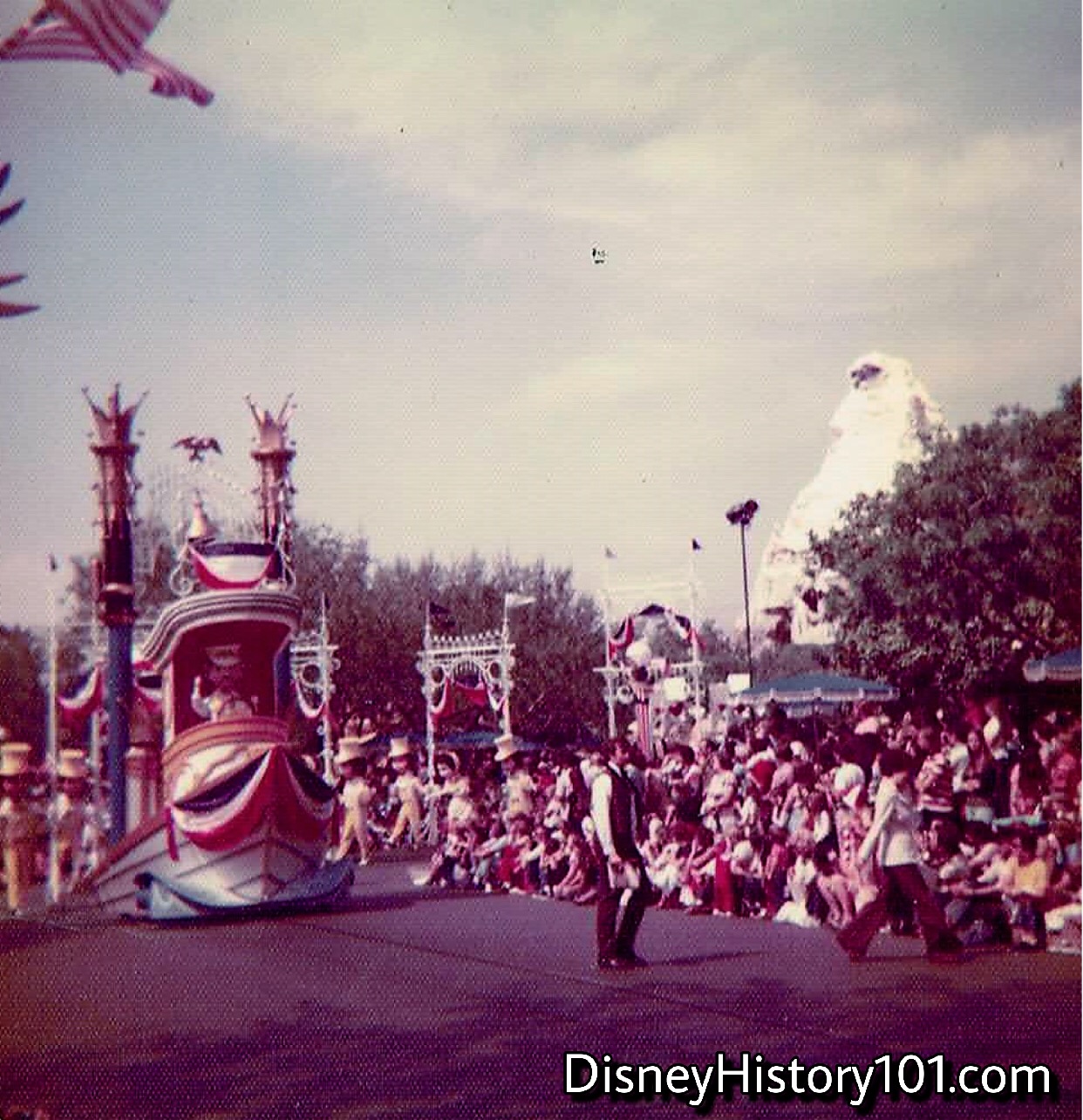
“Along the shores of this great river, carefree tunes could be heard from the colorful showboats filled with people enjoying the festivities of a romantic Mississippi!”
While we wait for the steamship stage to approach, we are serenaded by the familiar tune of “Waitin’ For The Robert E. Lee”!
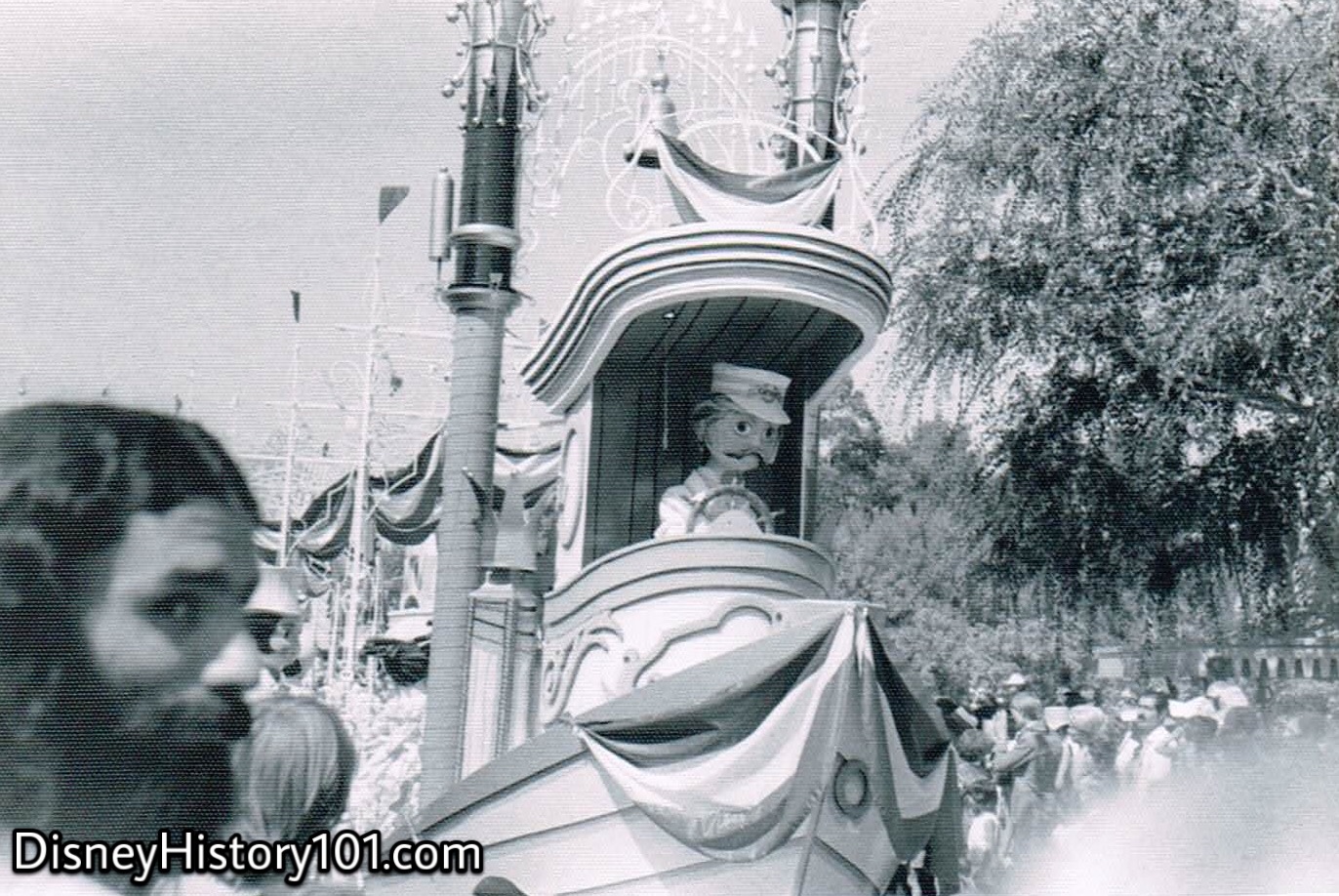
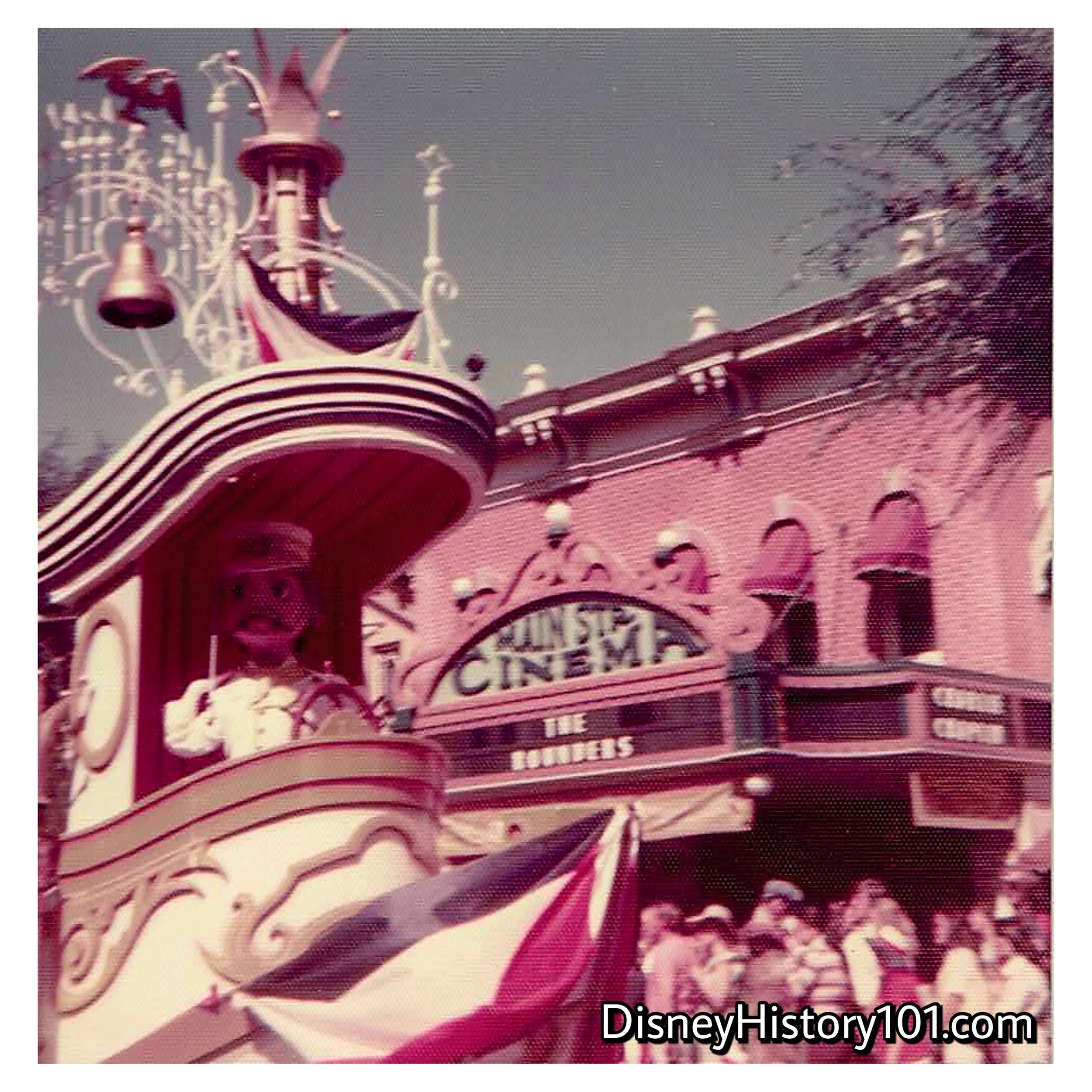
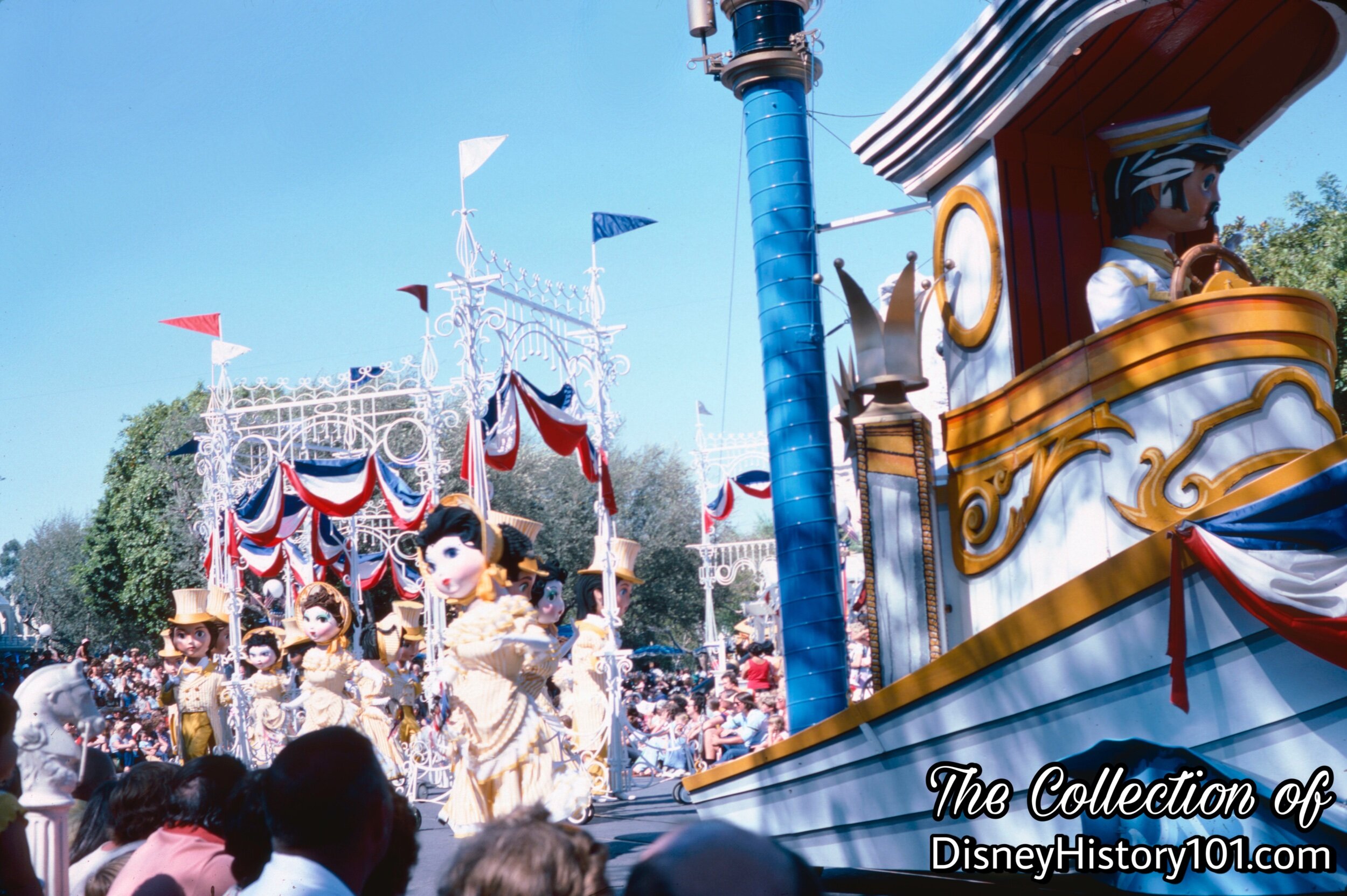
Some of the overhead props for the “Mississippi Steamboat Unit” (or “Showboat” Unit) were repurposed from the “Cinderella’s Ball Unit” of the “Main Street Electrical Parade”.
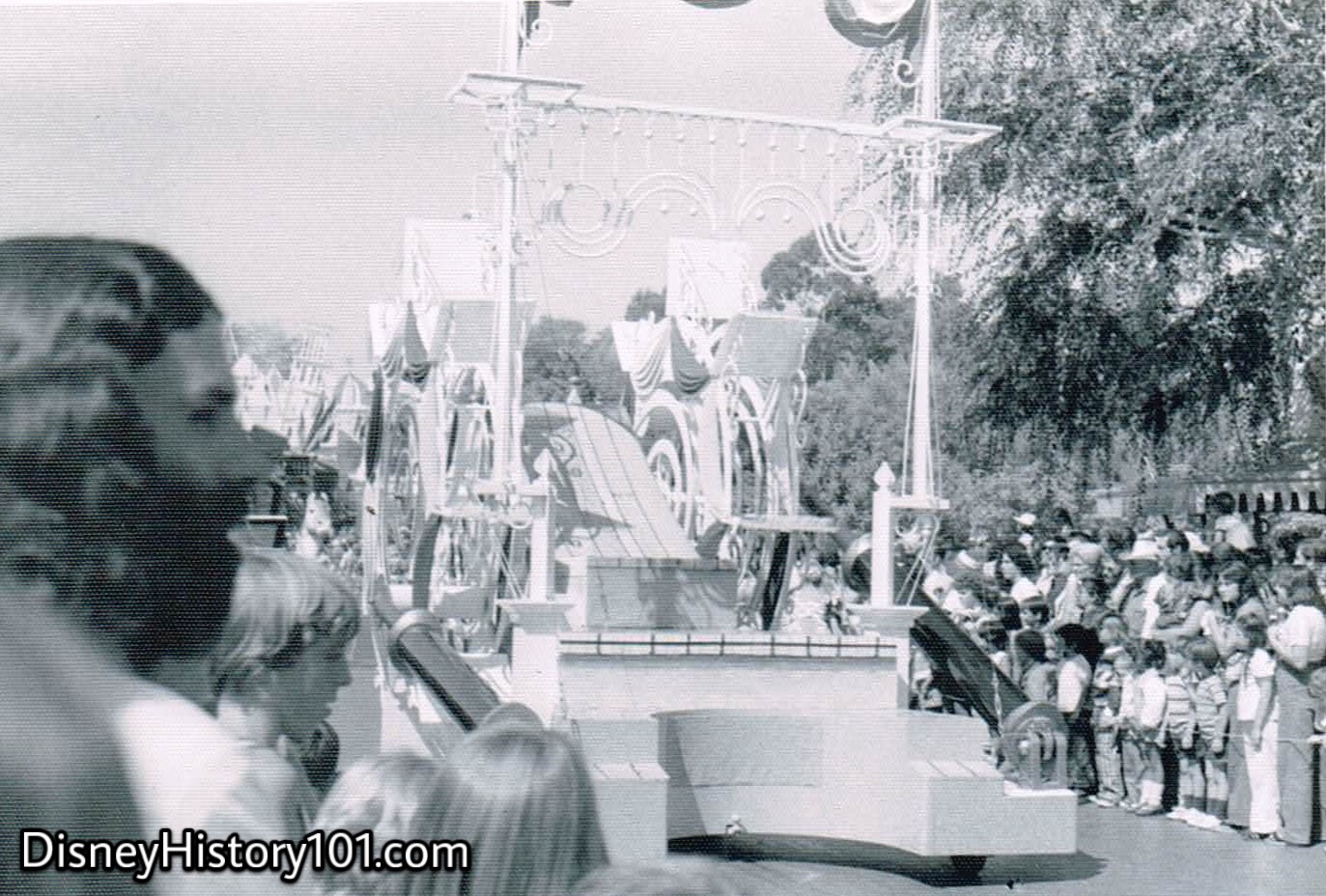
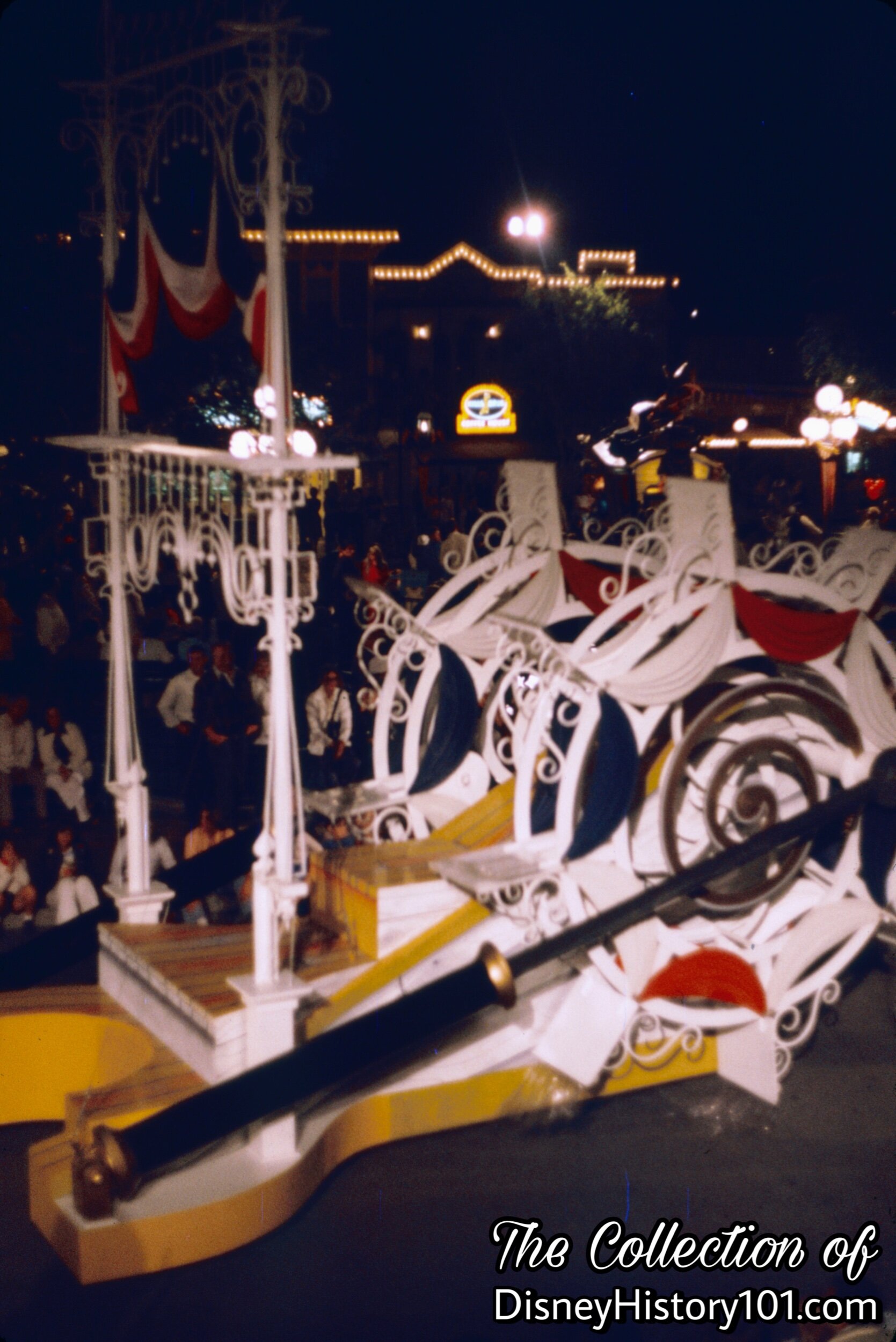
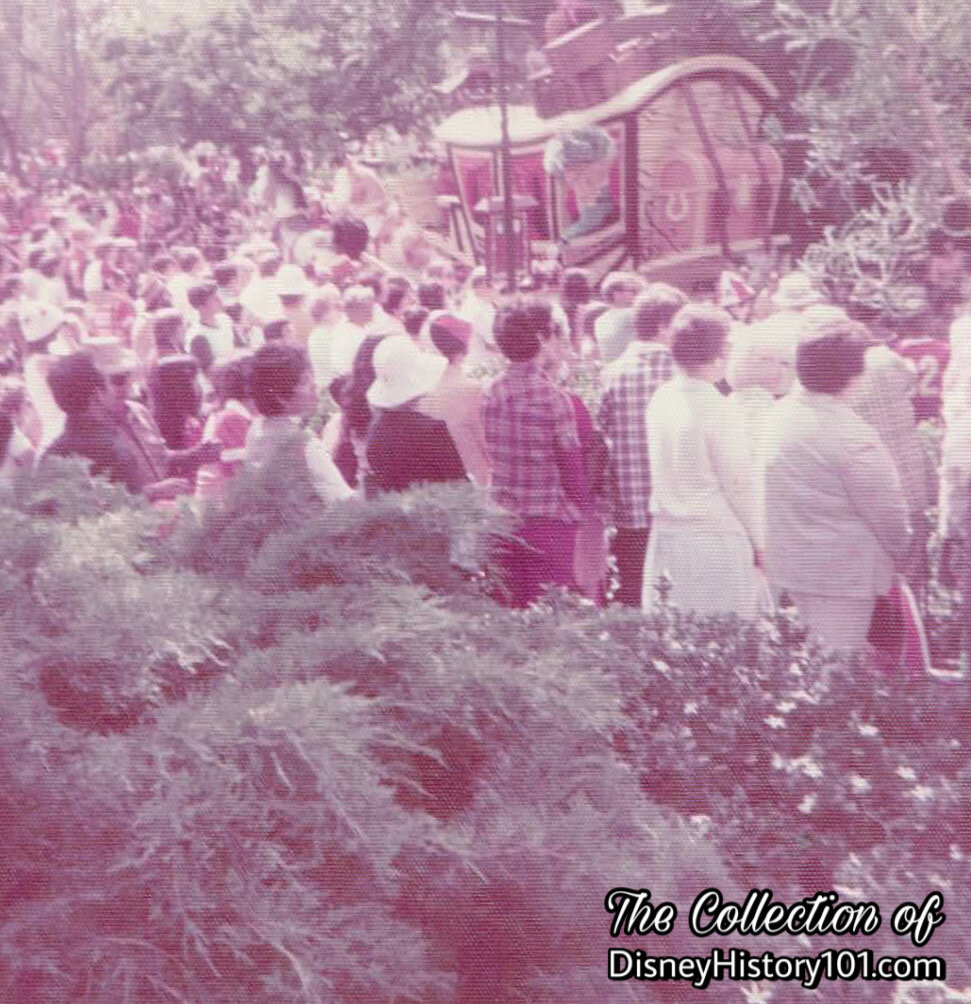
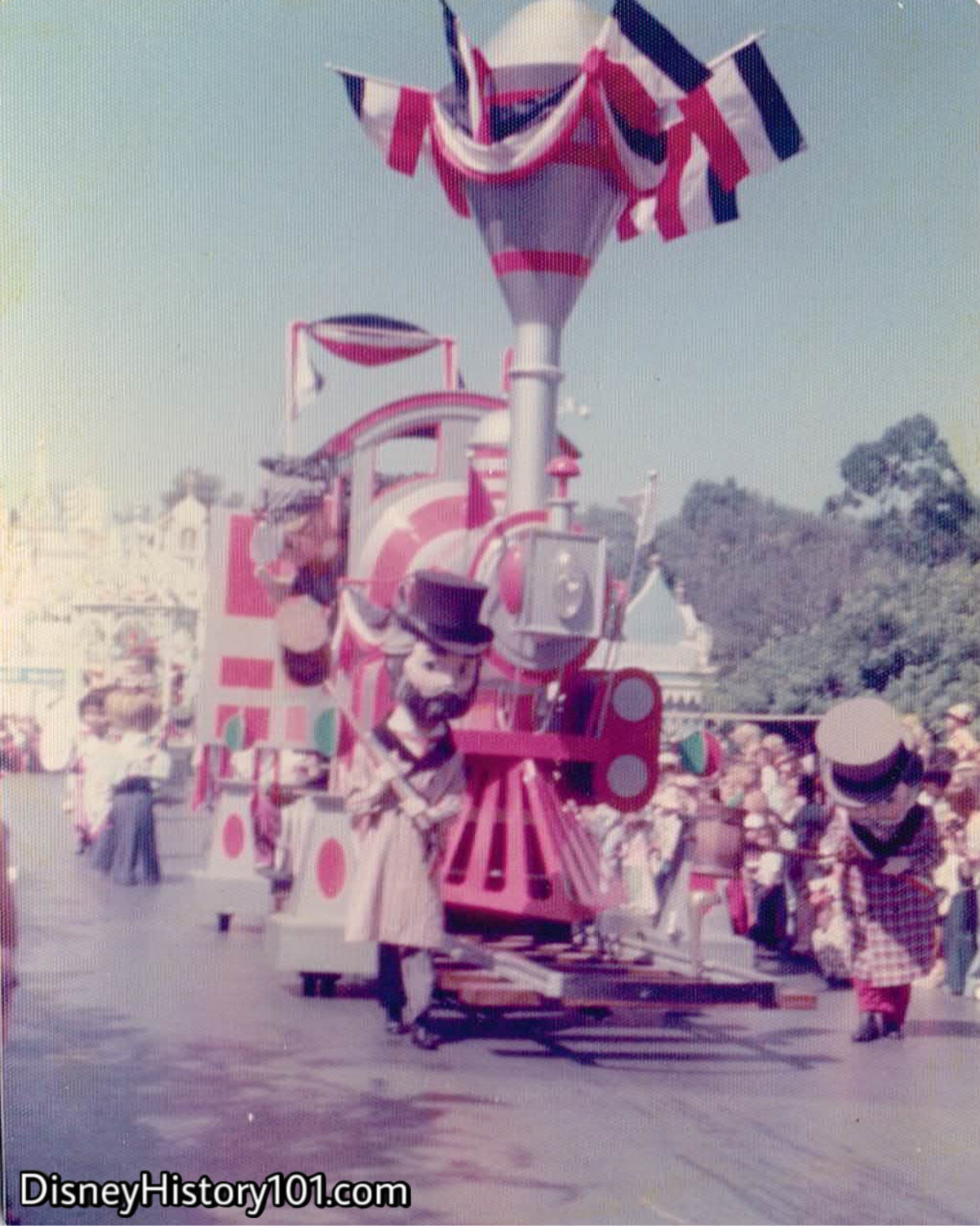
“America began moving faster, and faster!…More rails were being laid.”
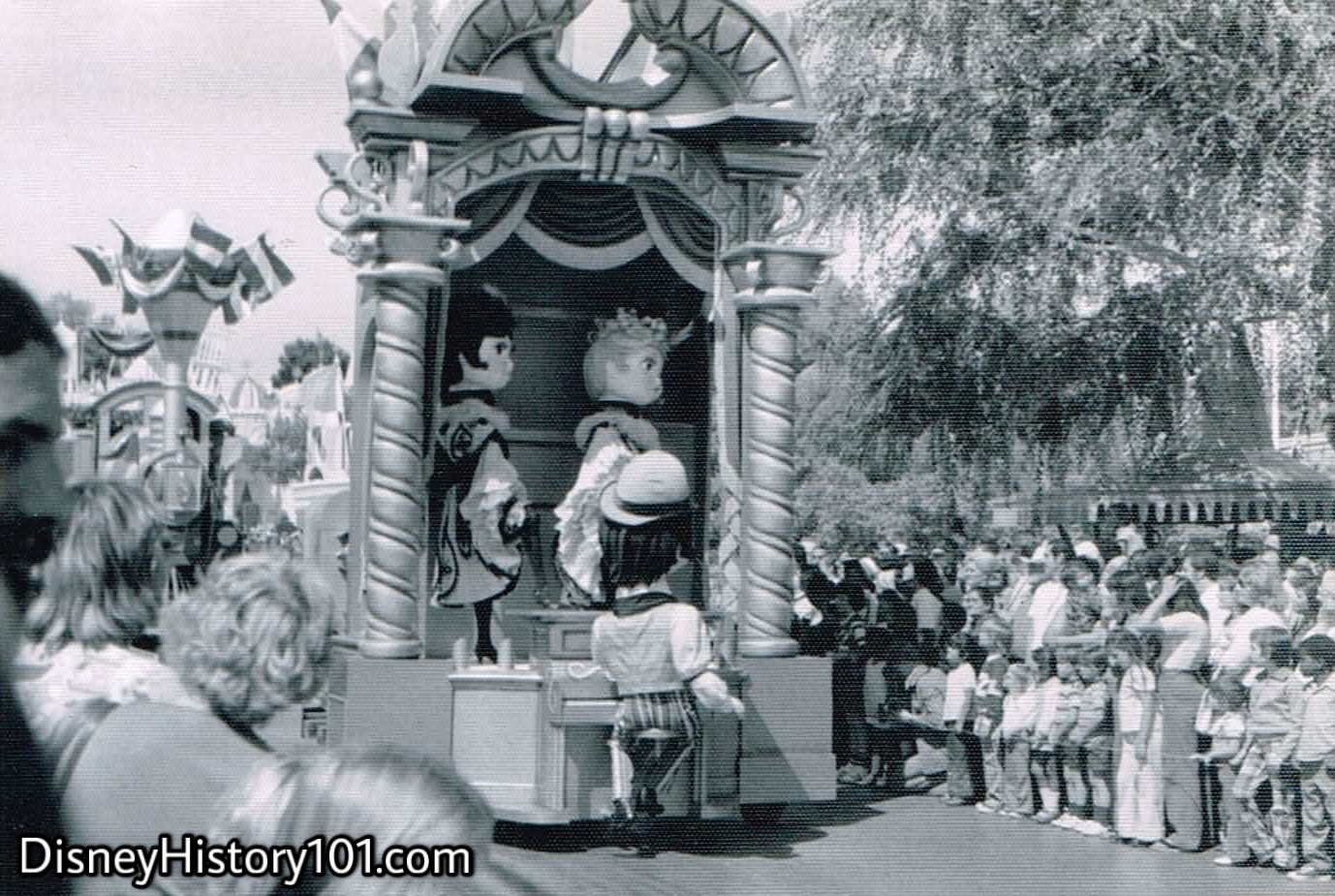
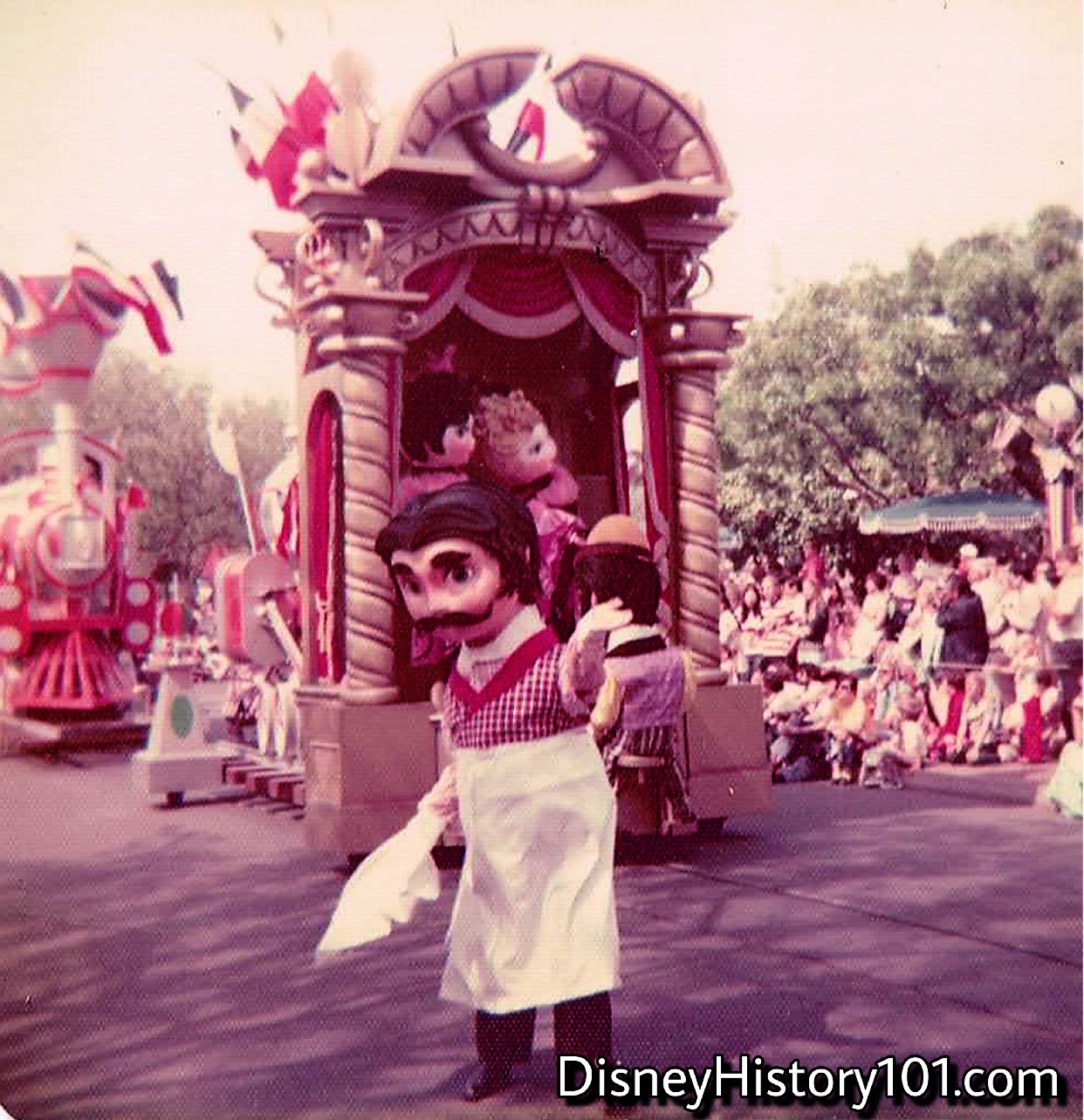
“Thousands of people surged westward, hoping to carve their fortunes from the dusty hills!”
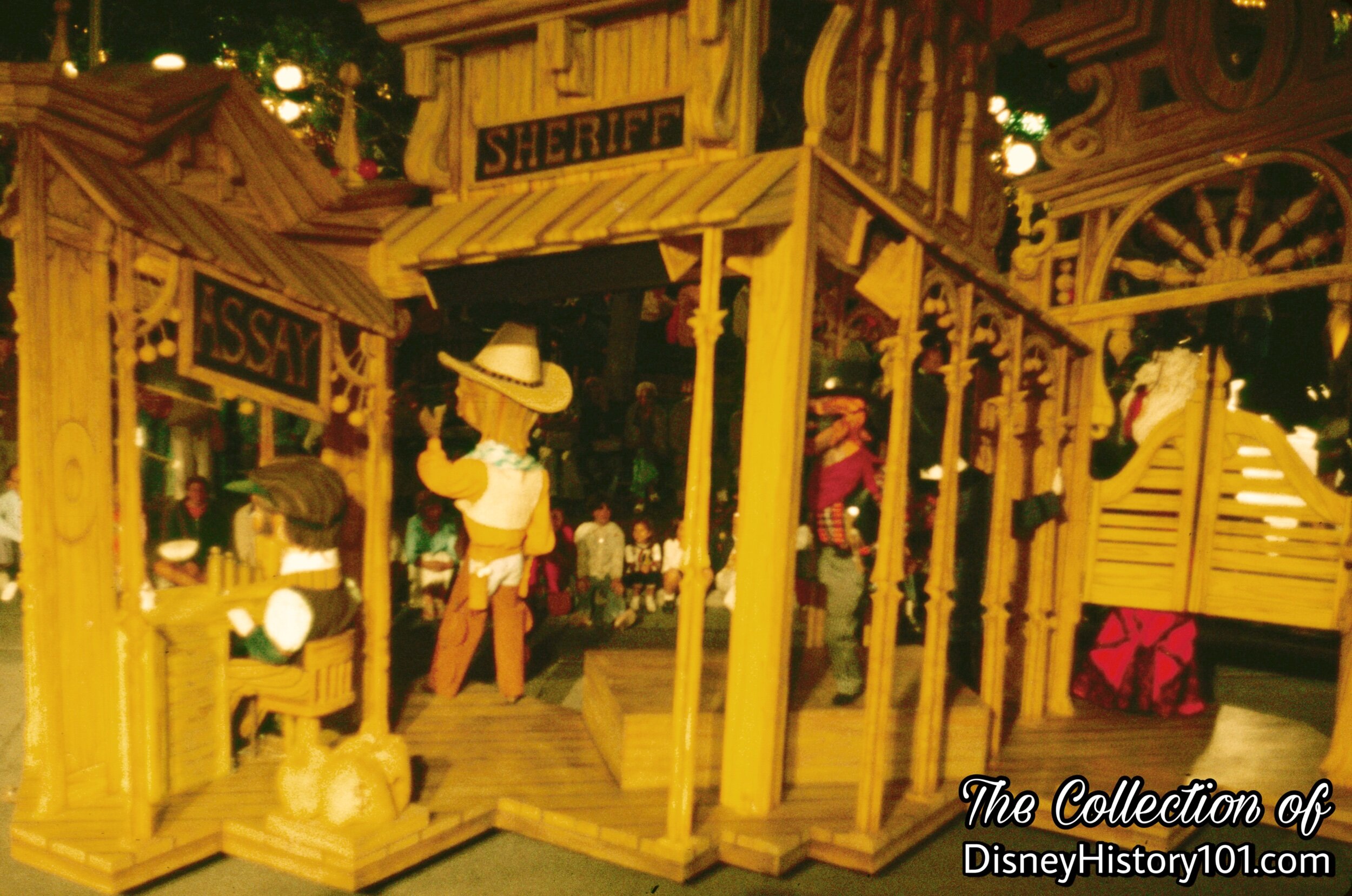
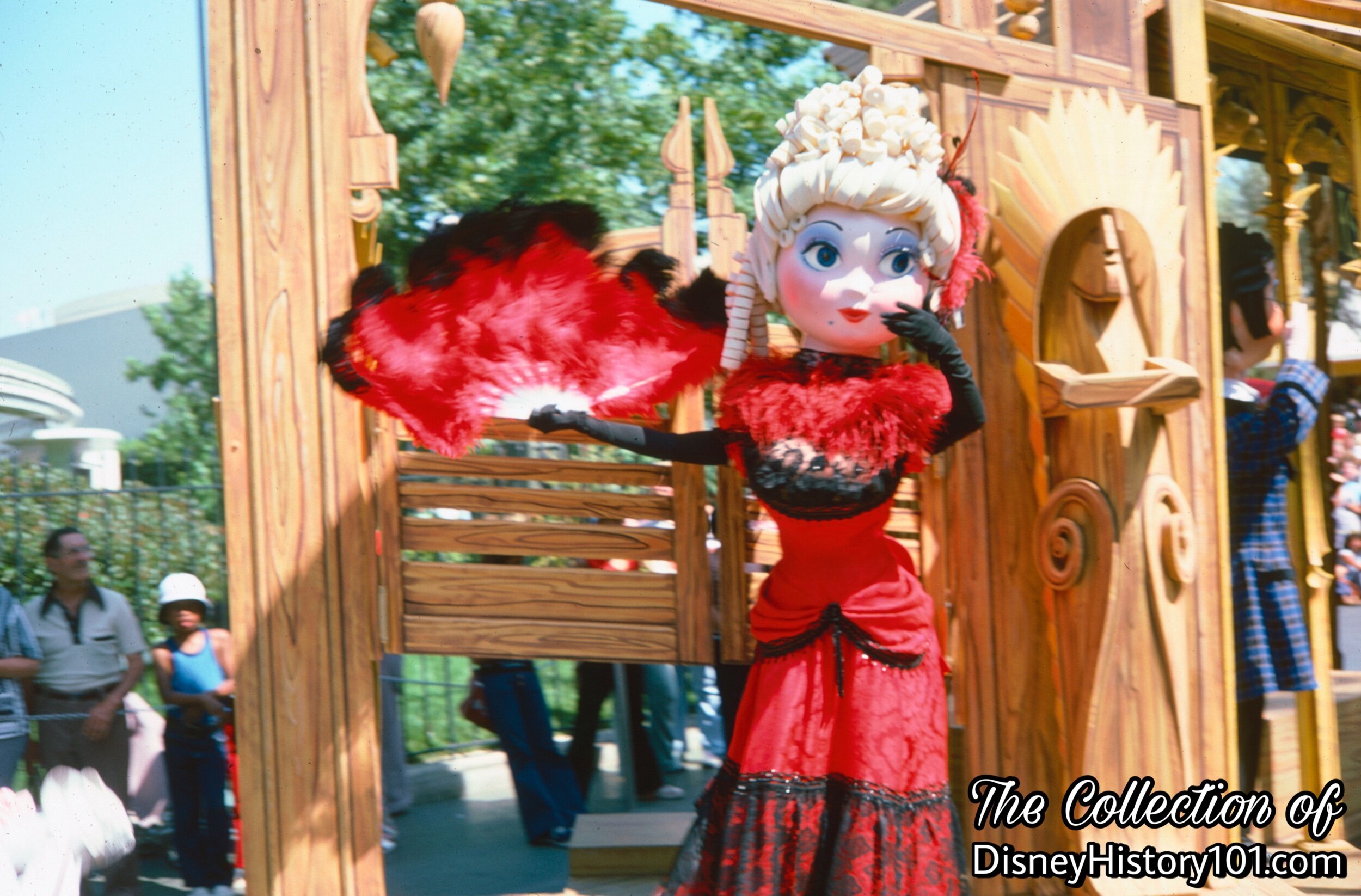
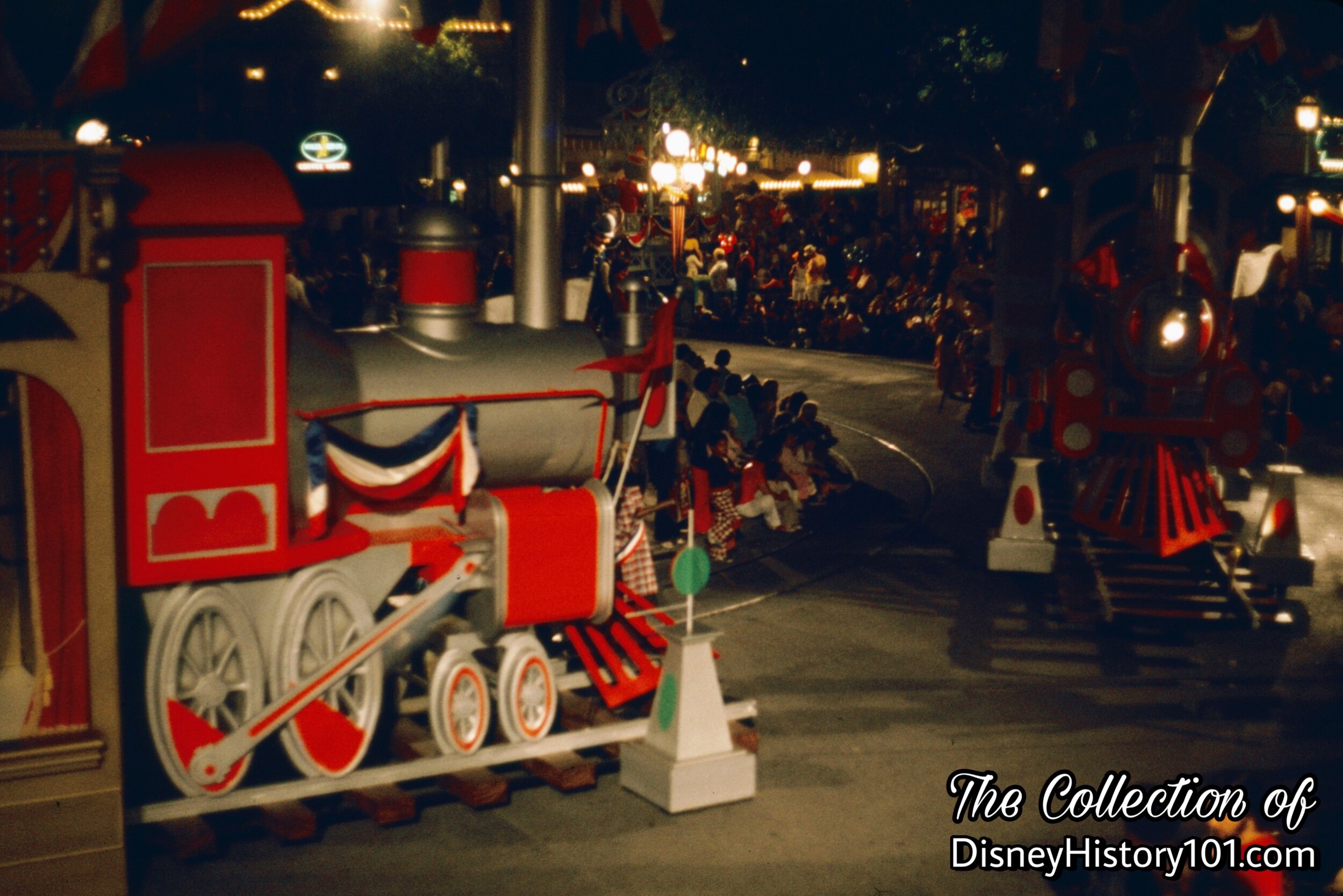
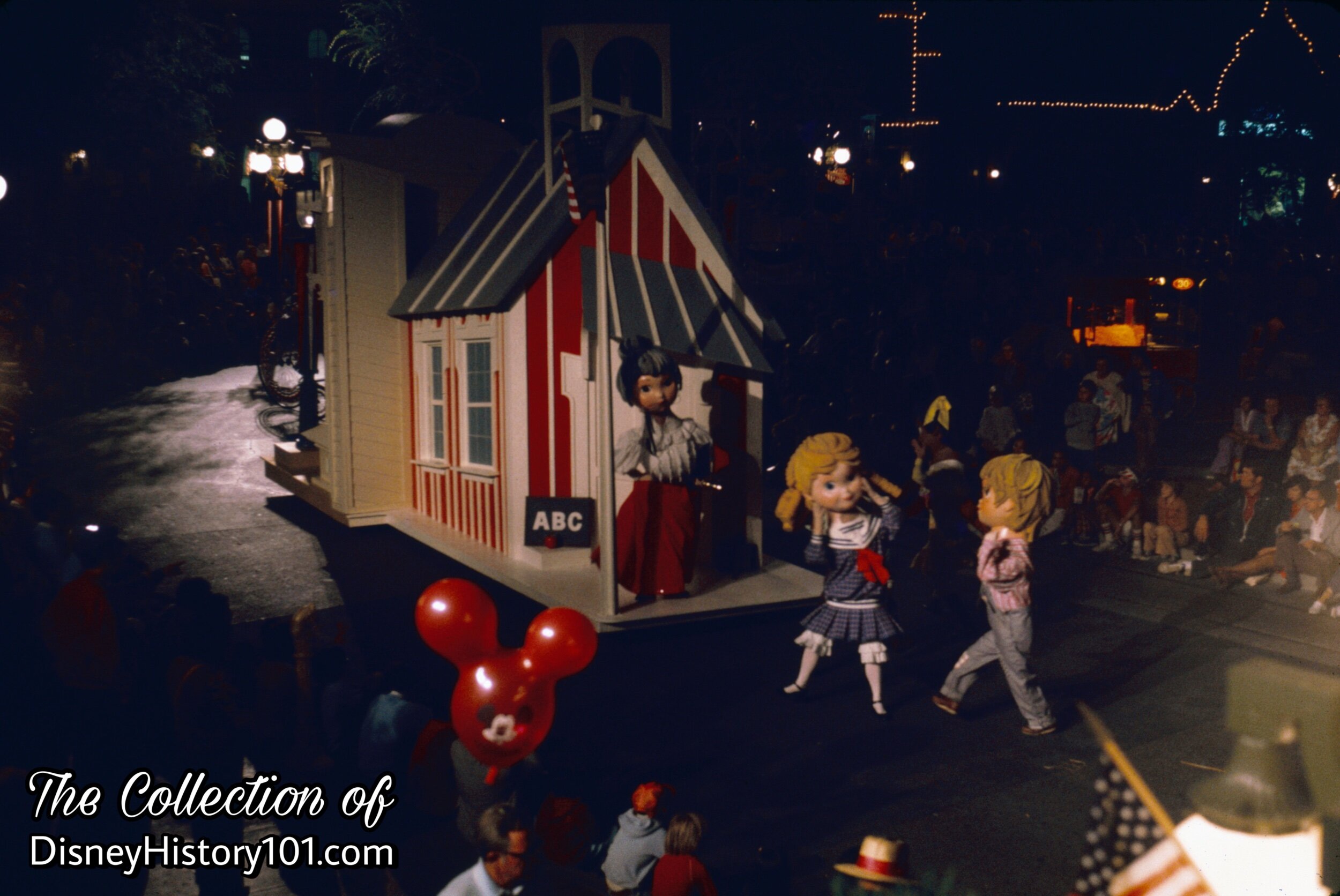
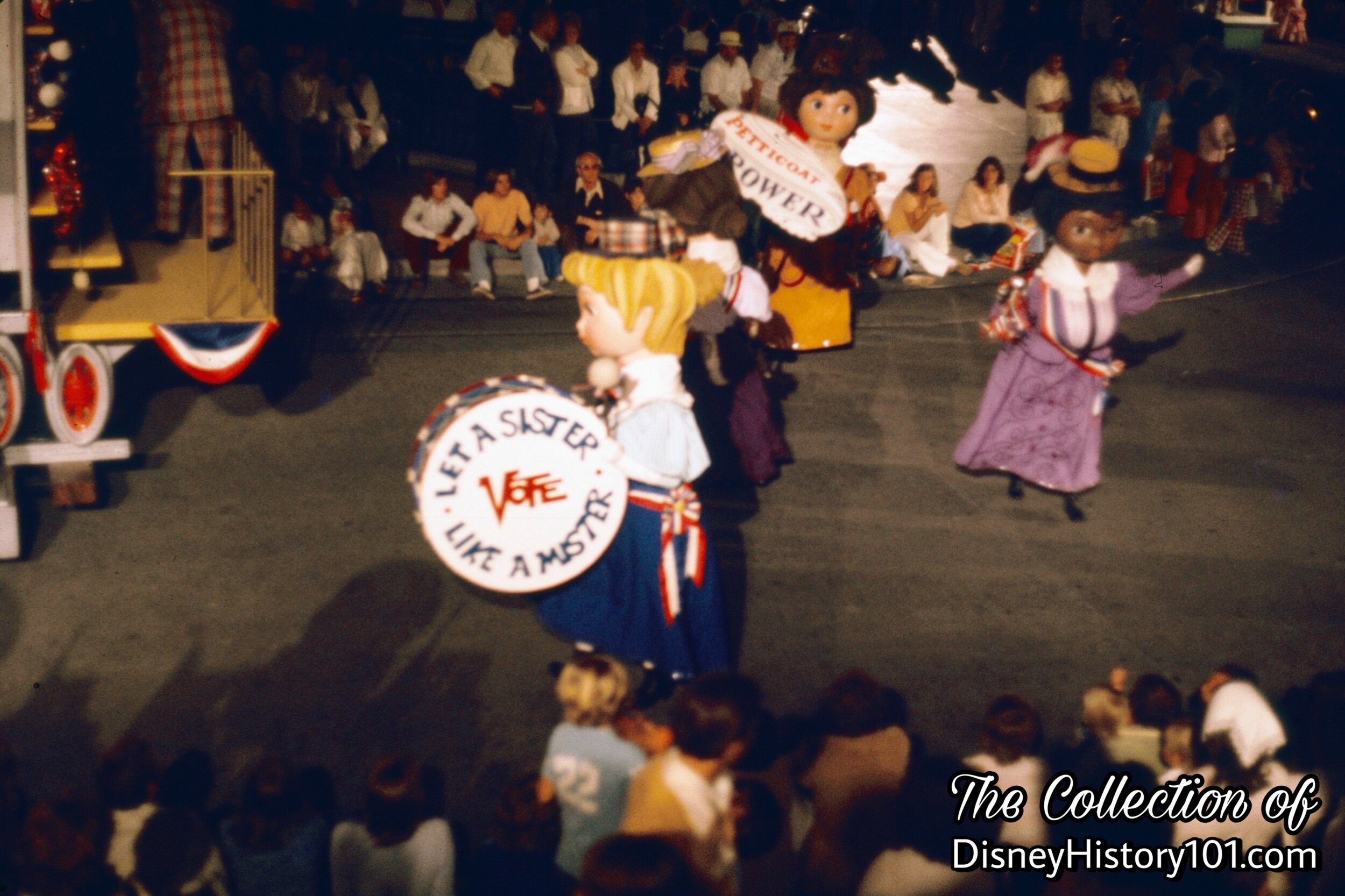
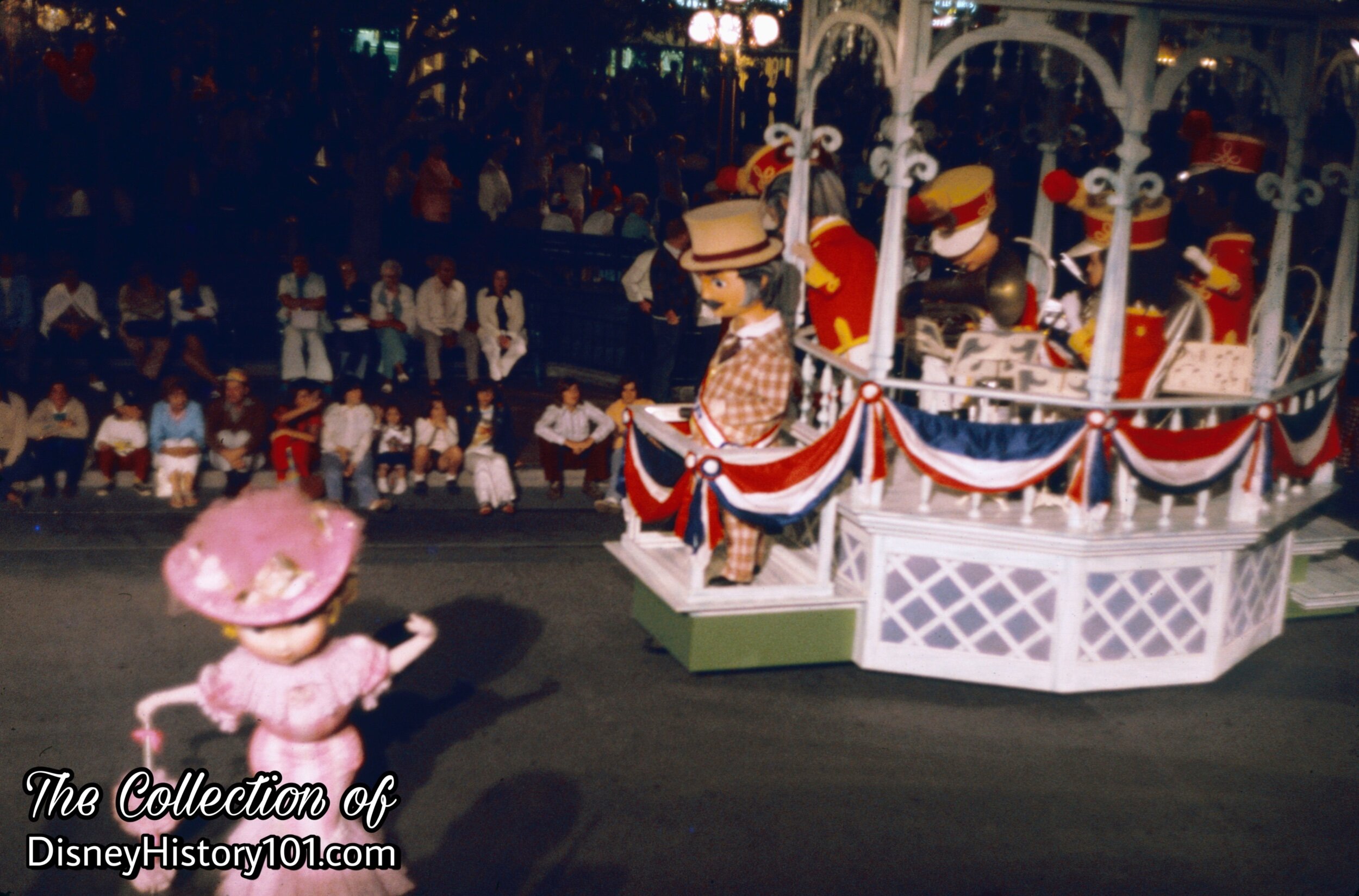
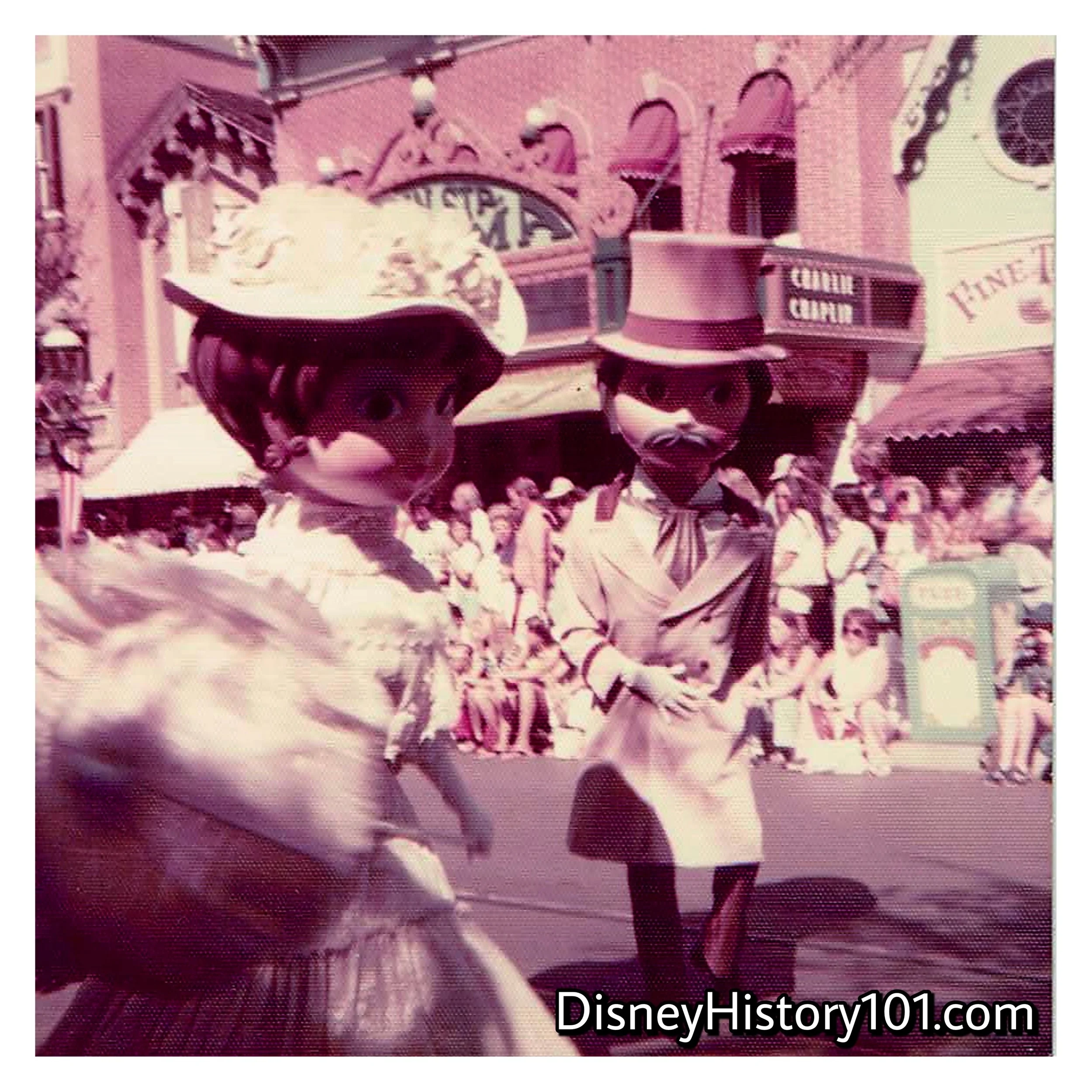
“Men and women together, would shape the nation’s destiny.”
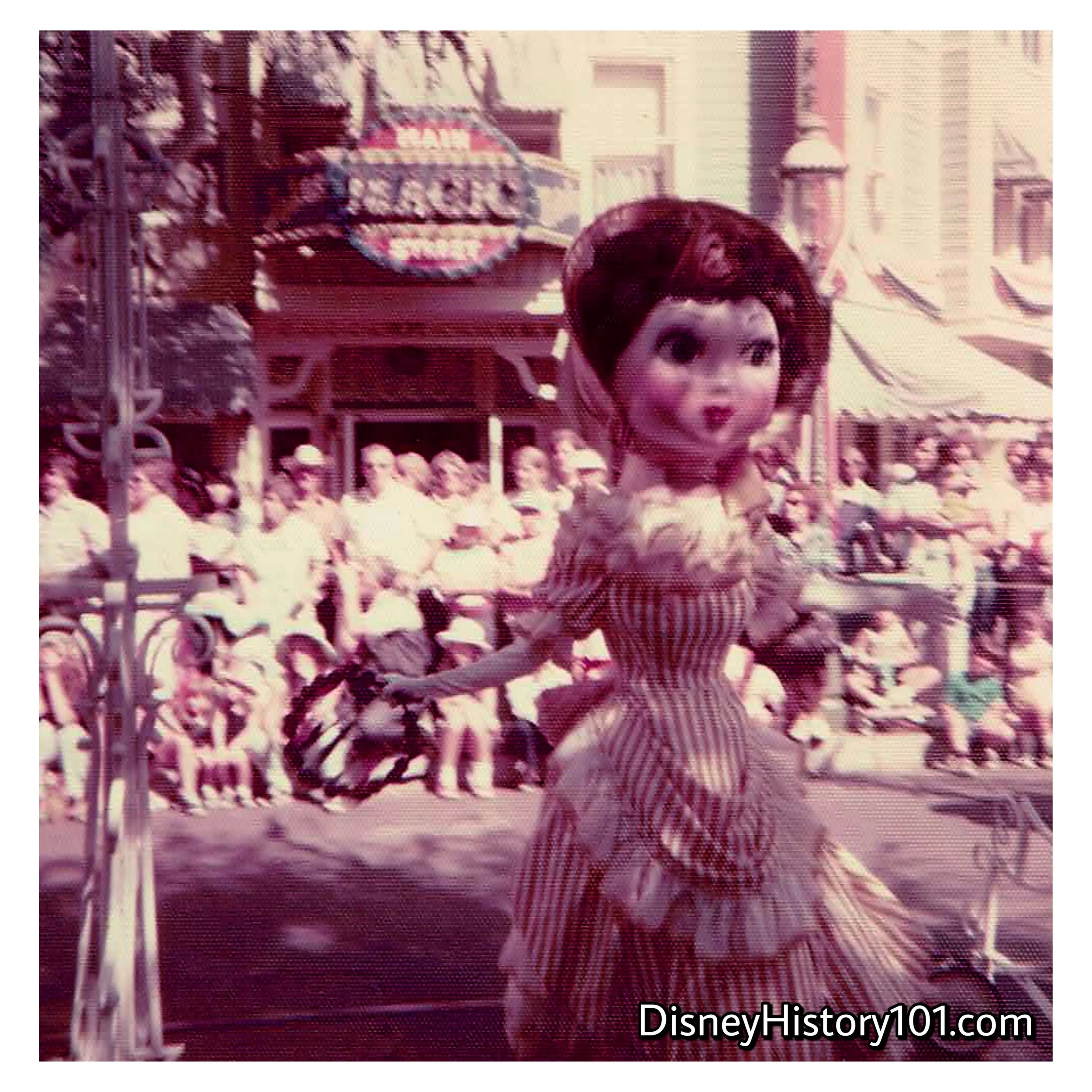

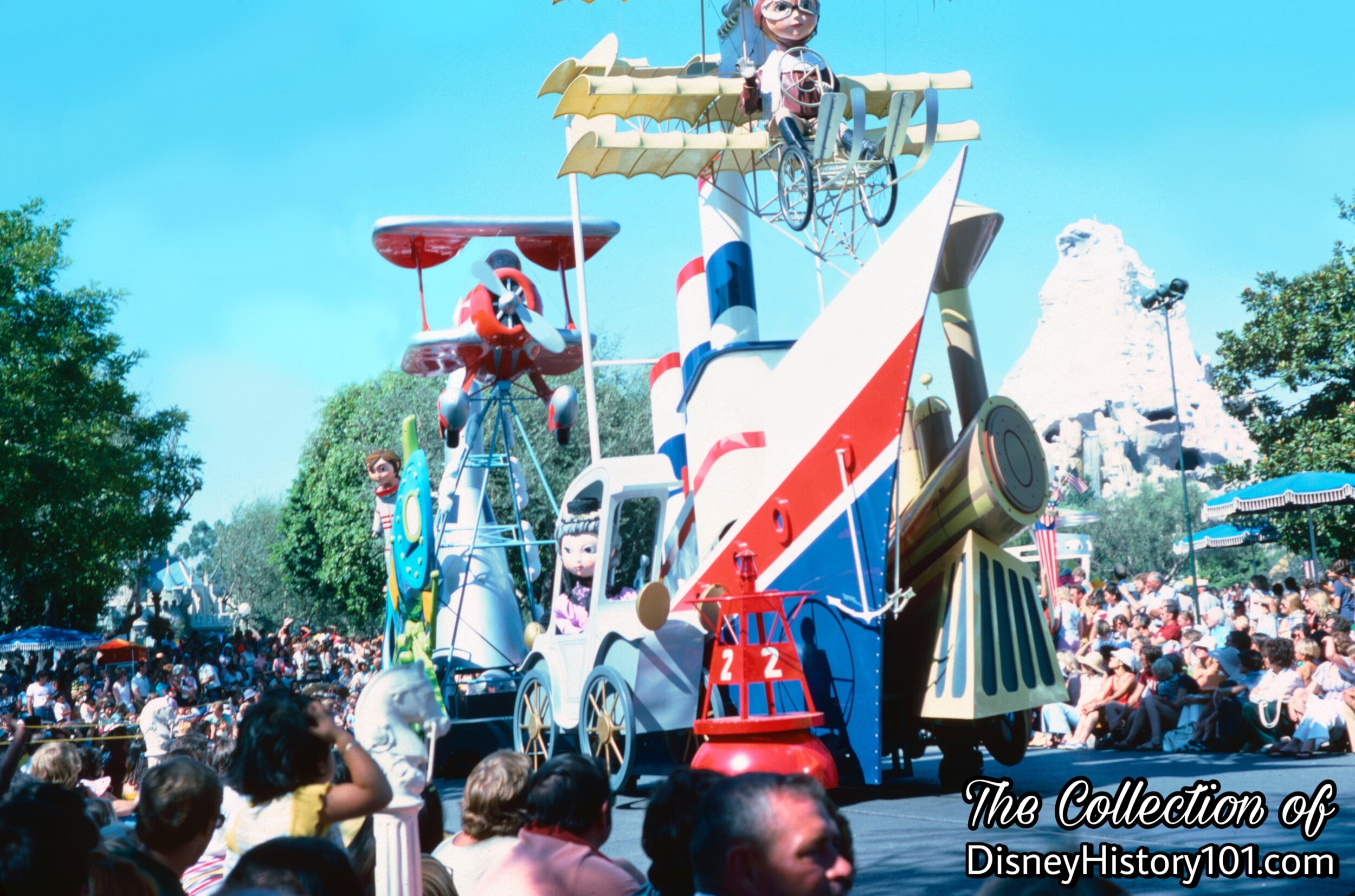
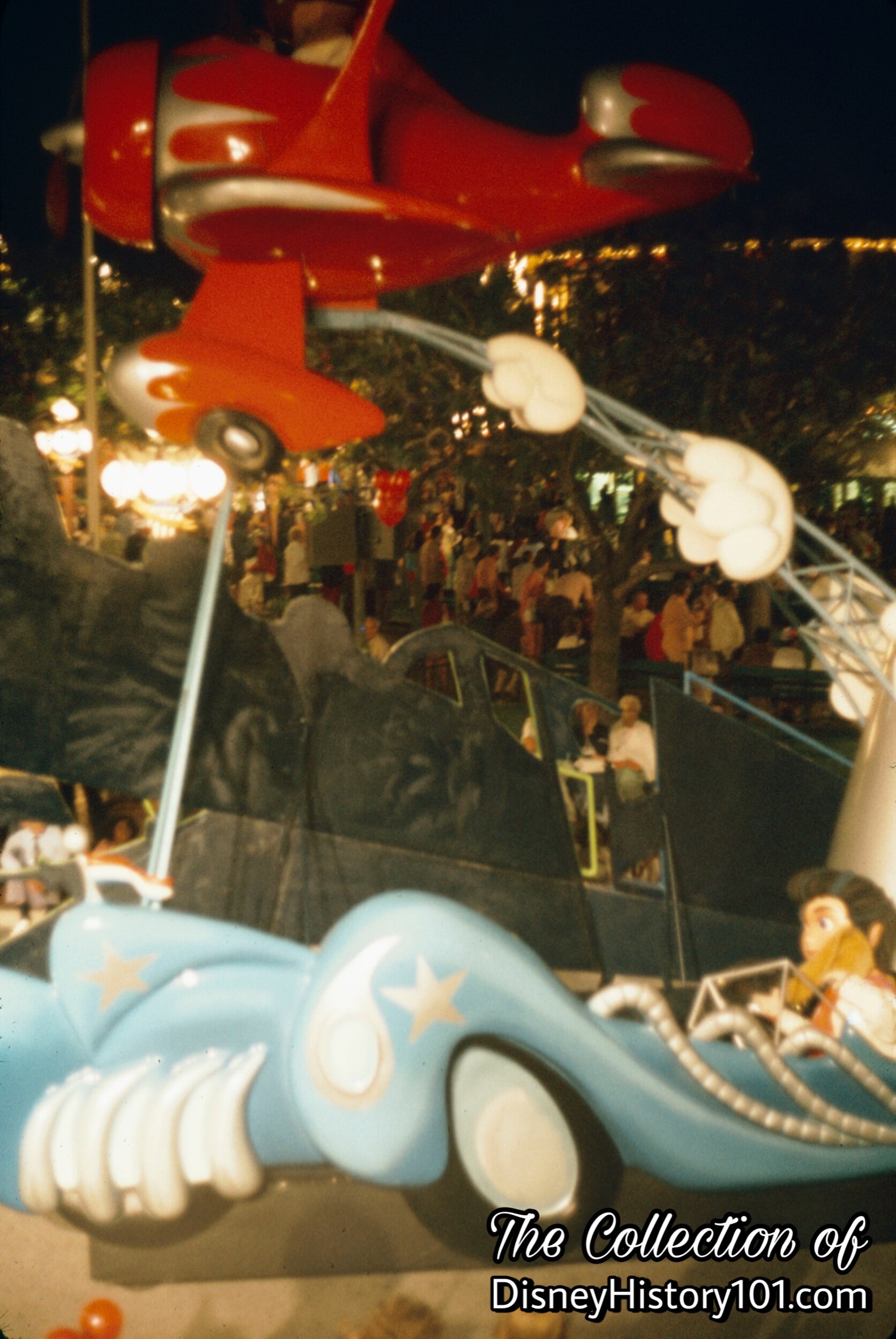
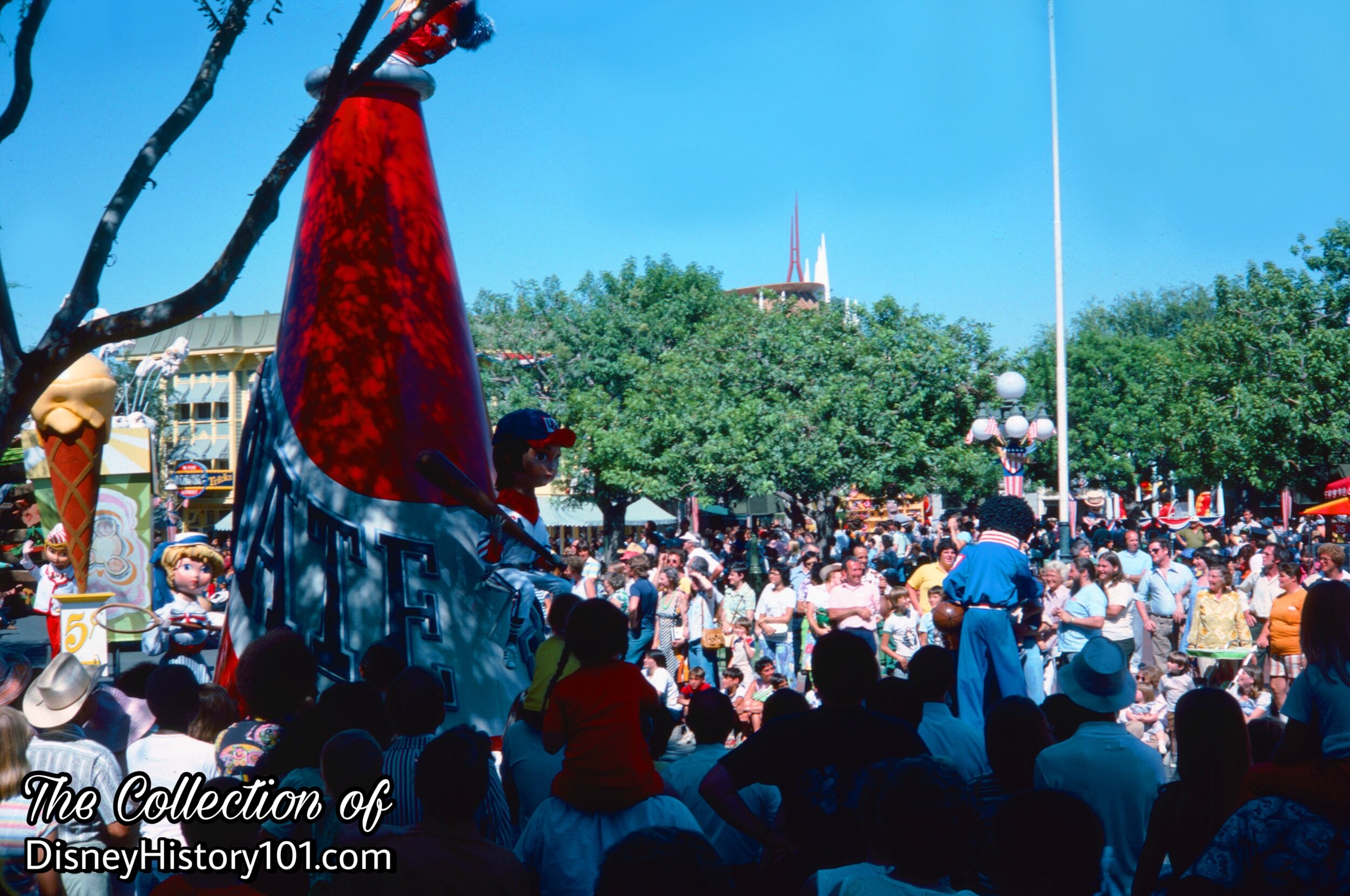

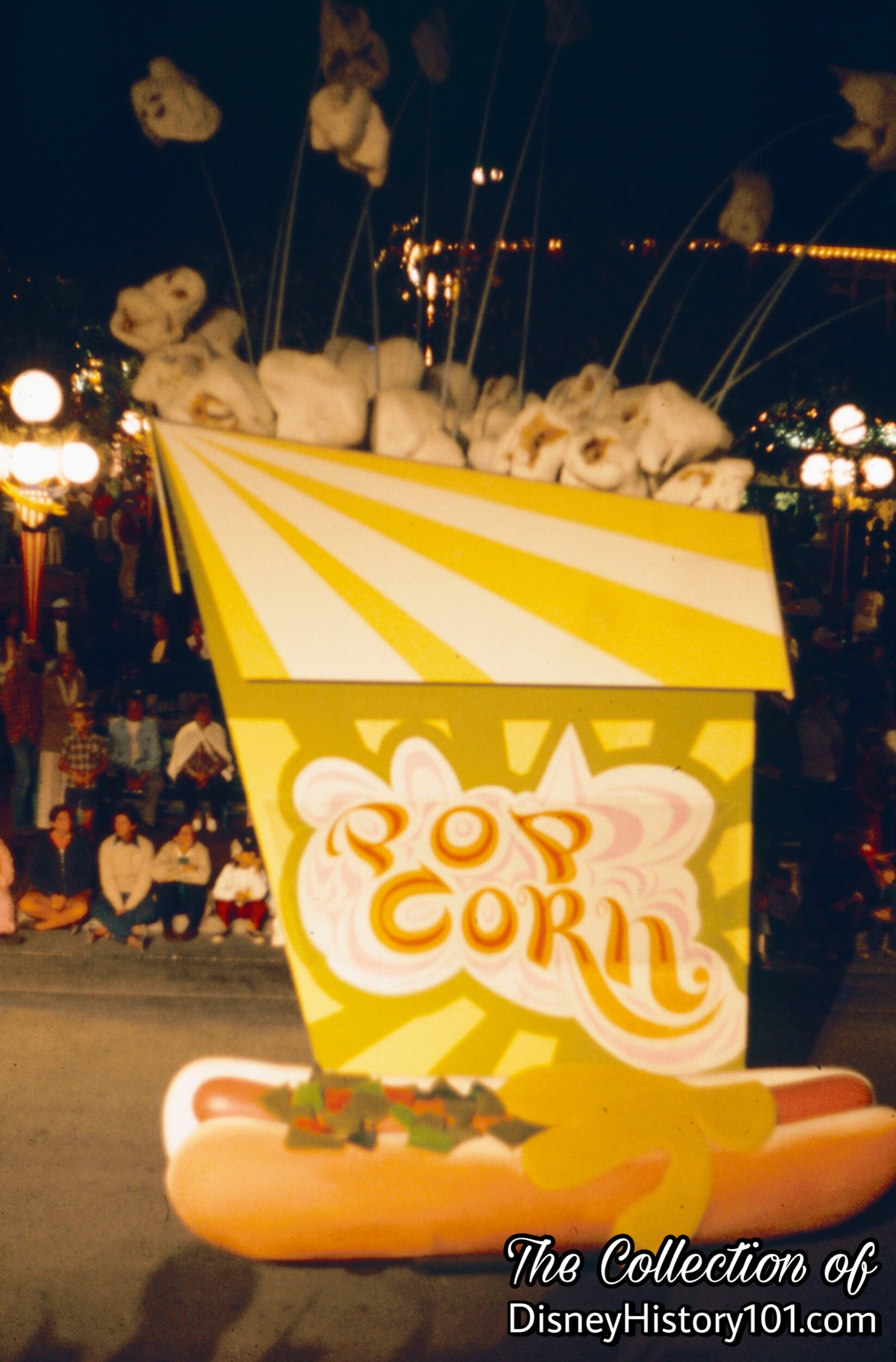

“Phonographs brought the symphony orchestra into every home.”
FACTS ON PARADE : More than 100 musical moving stages were created for the pageant!
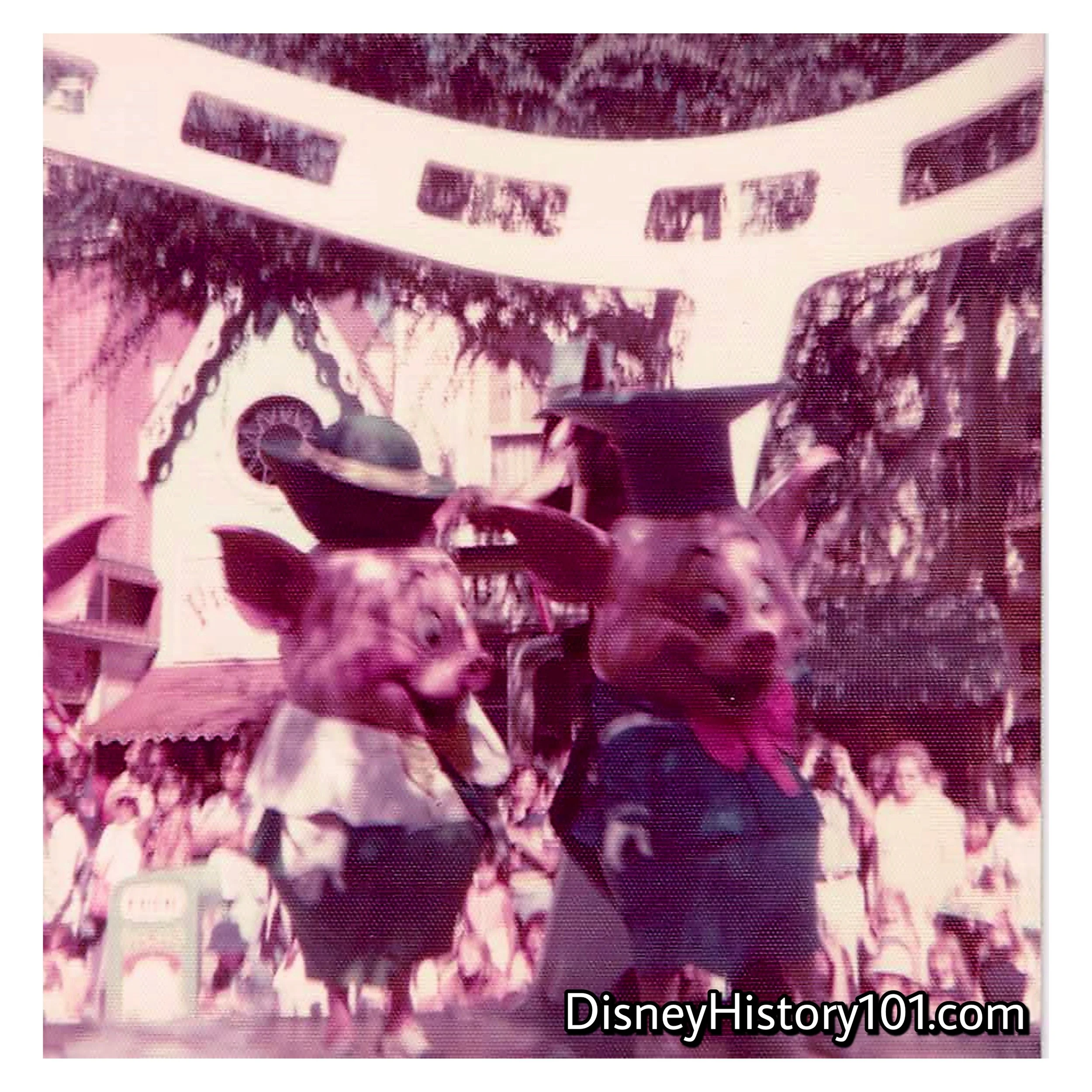
“Not to be outdone by television, the movie industry has created even wider screens and bigger sounds for movie fans who flock to the neighborhood theatres to see the latest in extravagant productions as well as old favorites like The Three Little Pigs!”
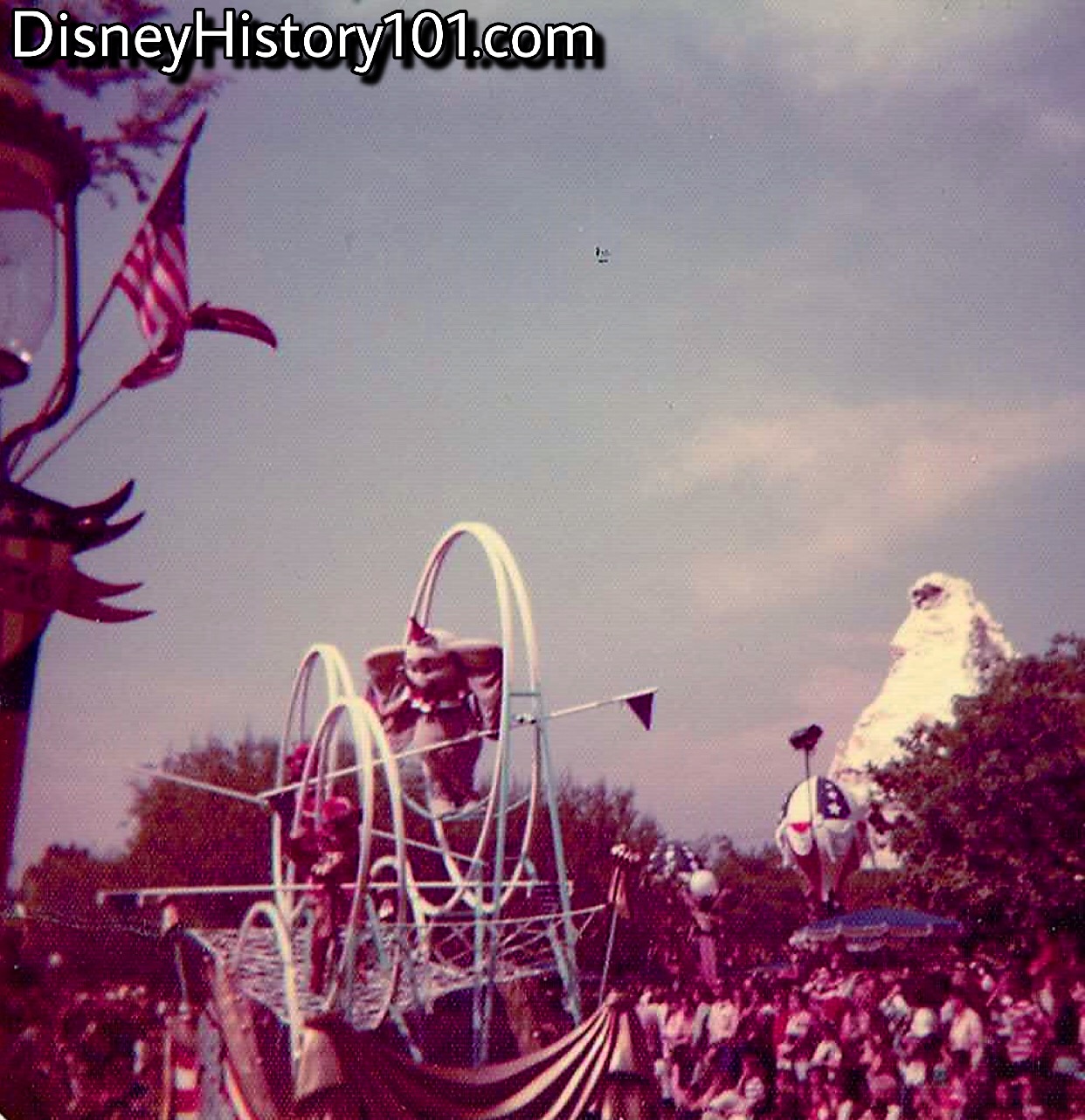
“The Circus comes to town, still dazzling spectators from coast to coast, giving us all a chance to step into a world of fantasy. America loves to be entertained, and America knows how to please her audiences.”
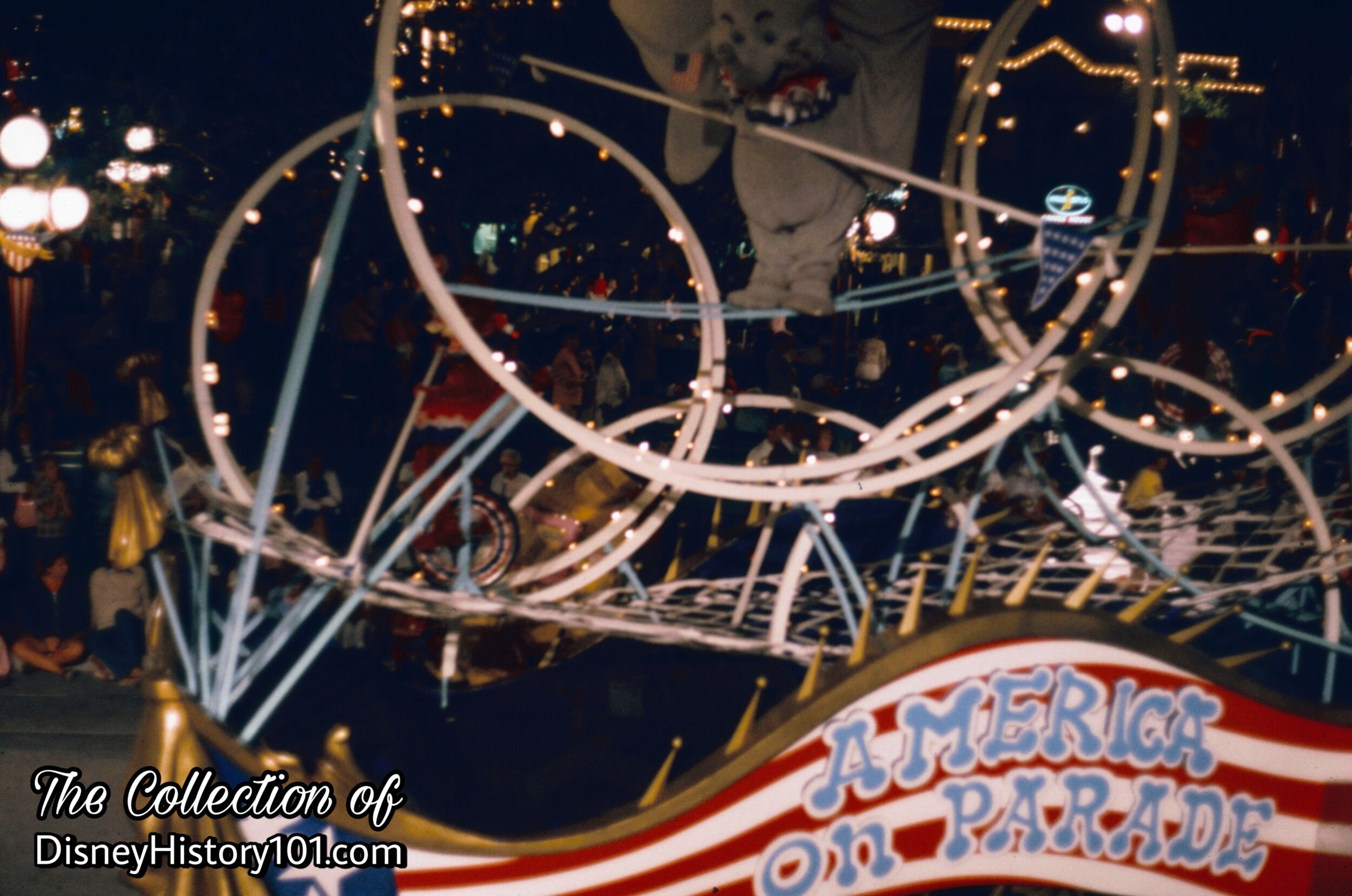
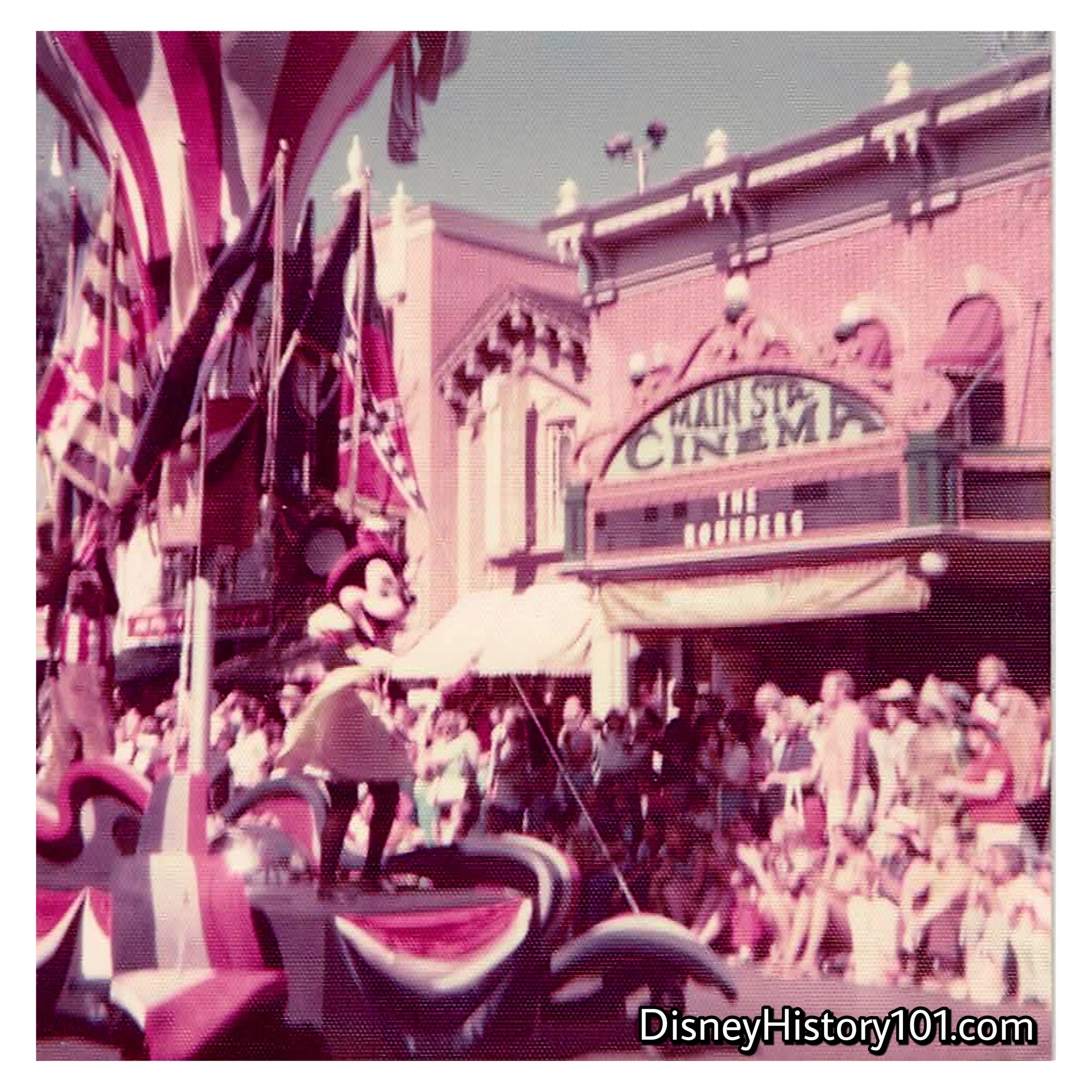
“The United States of America - from the beginning, discovery, contribution, achievements, to this very moment of the 200-year celebration of our independence!”
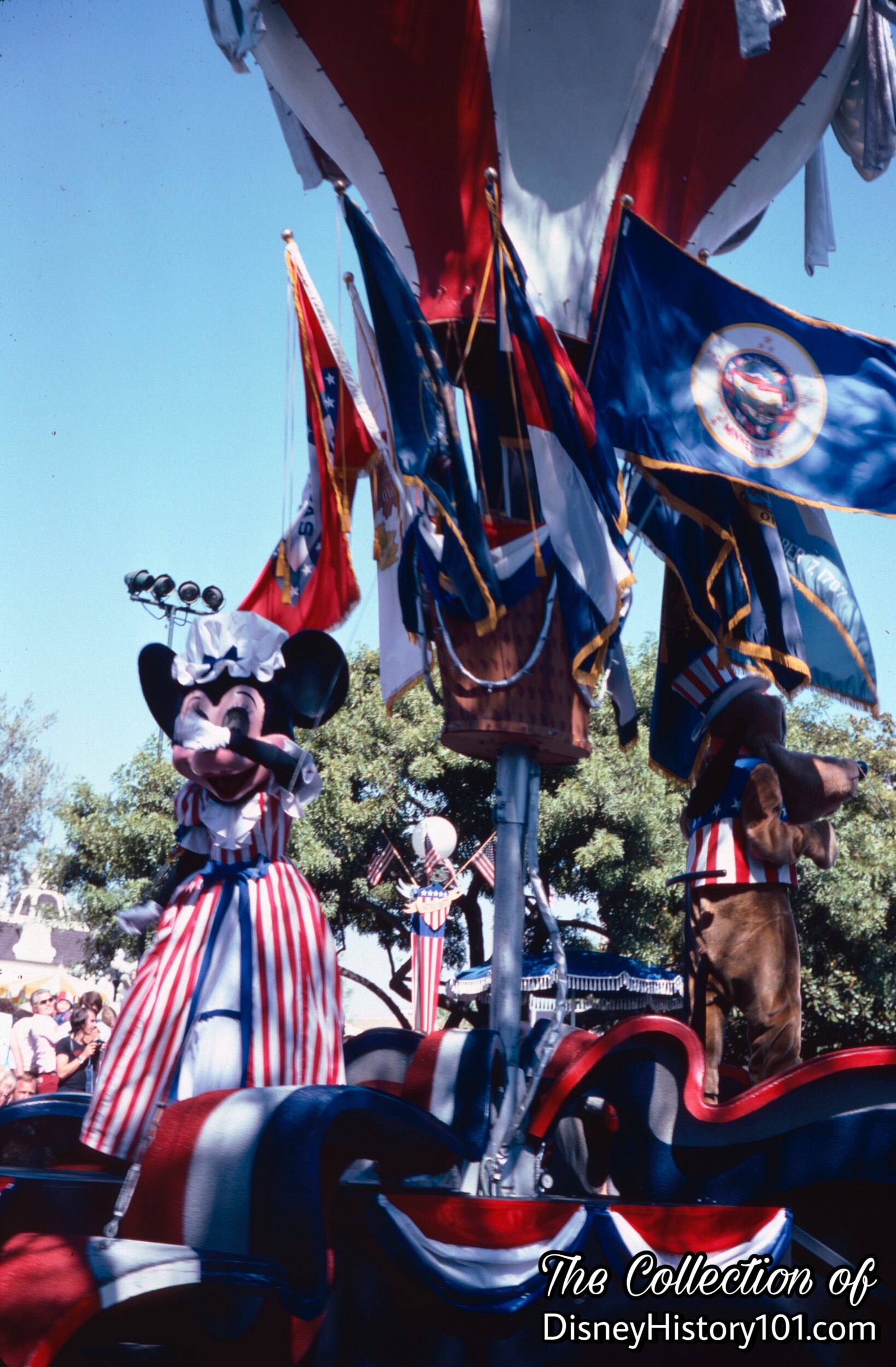
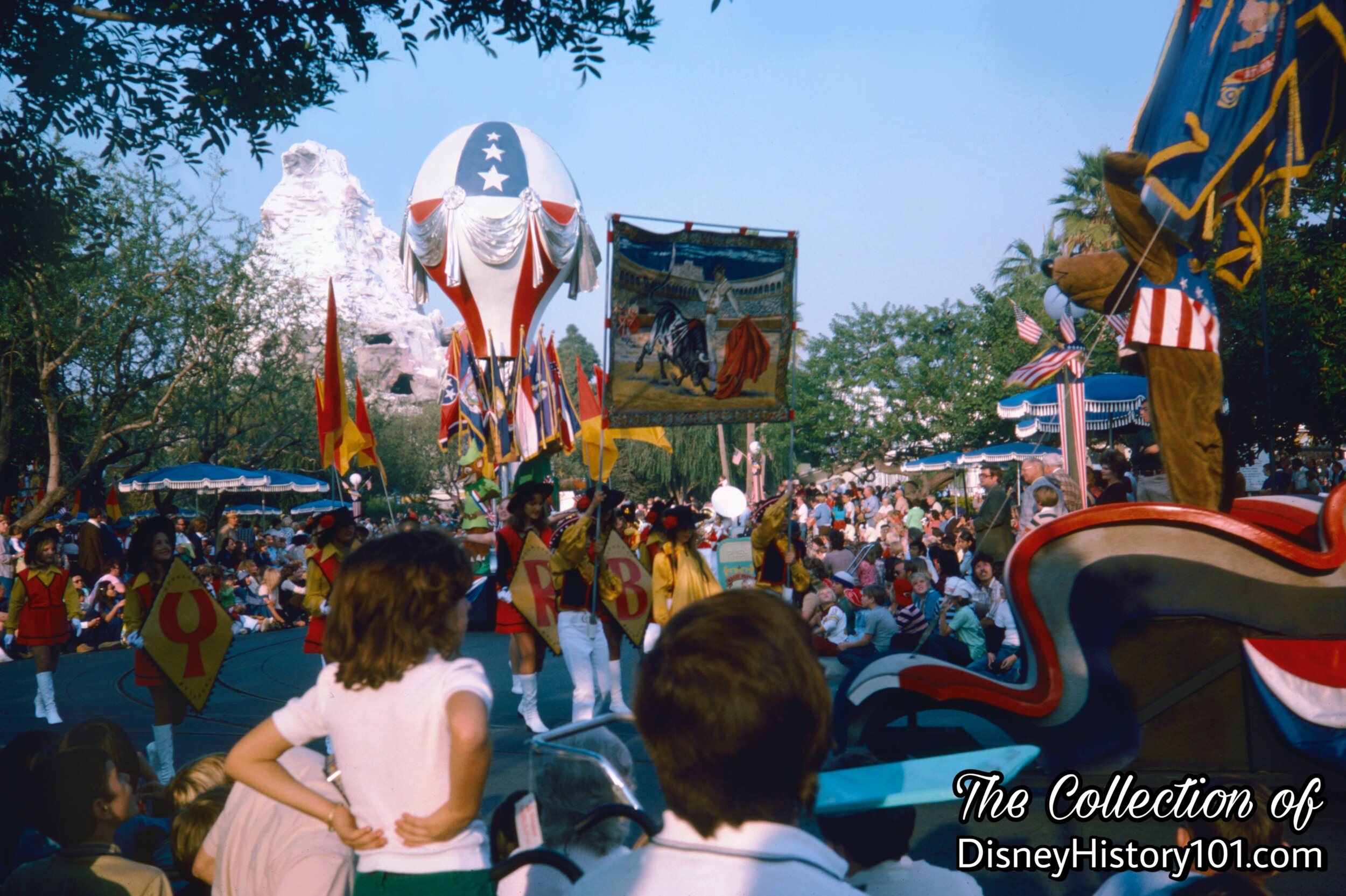
A parade unit representing a local Yorba Linda school helps Celebrate America!
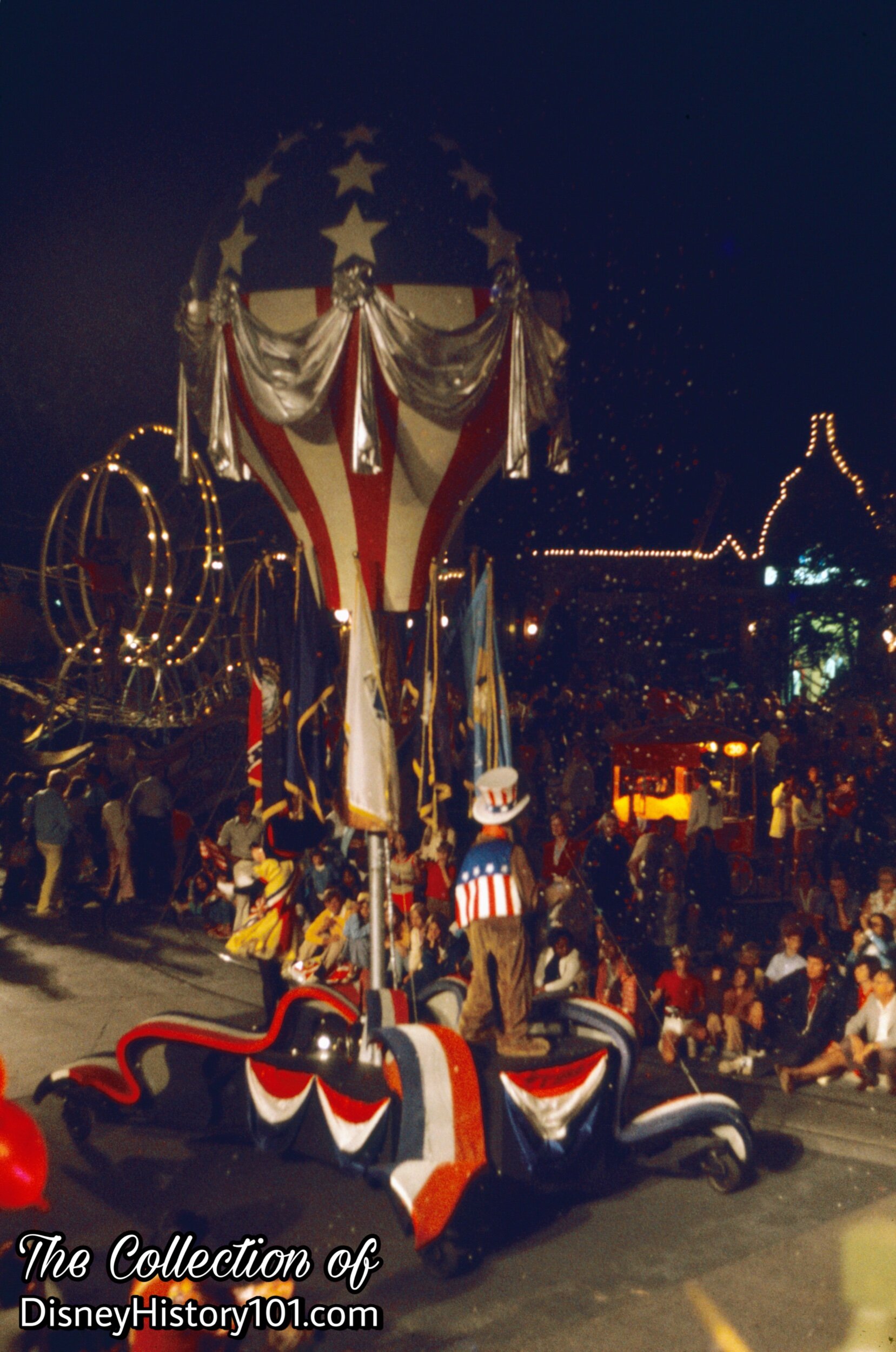
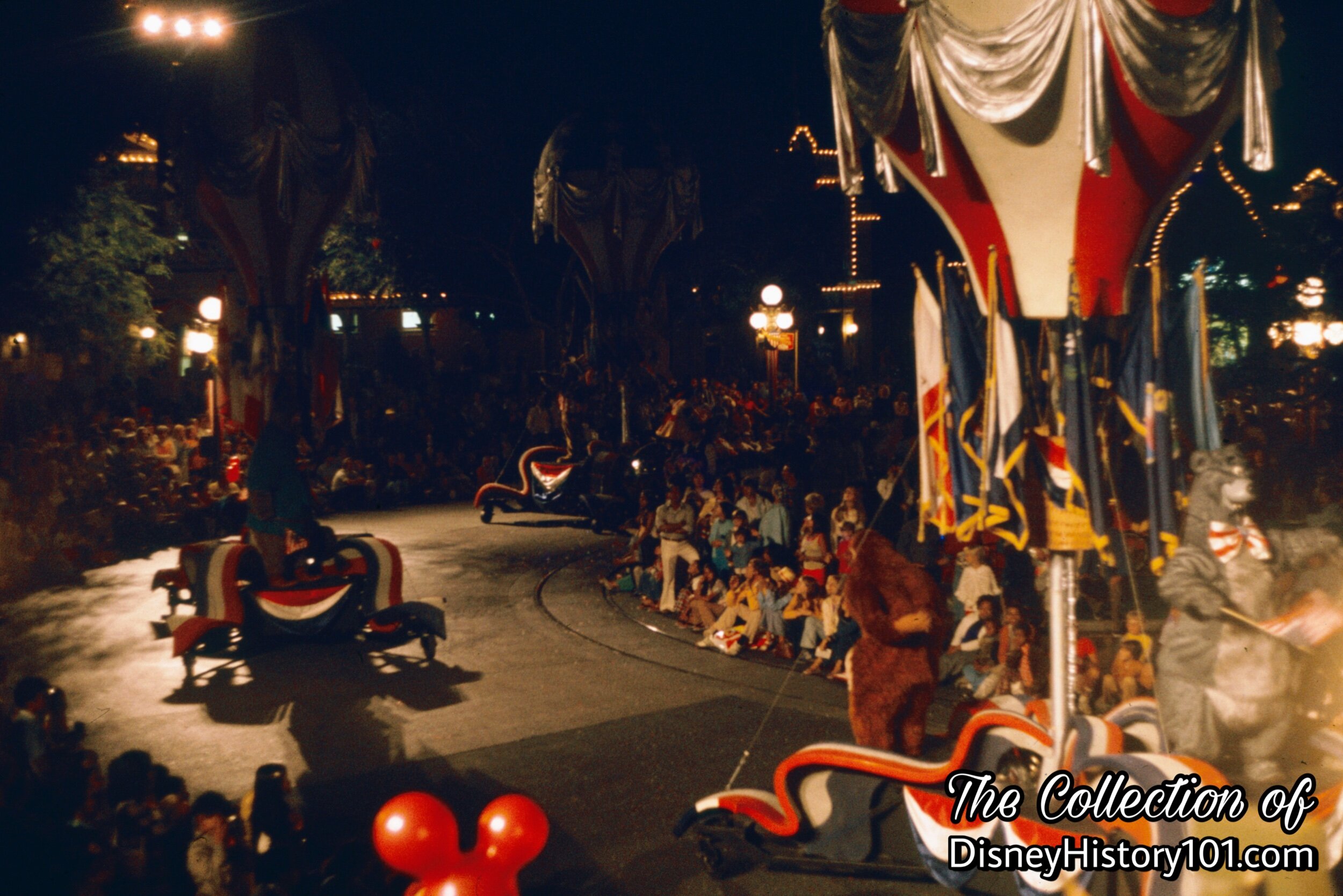
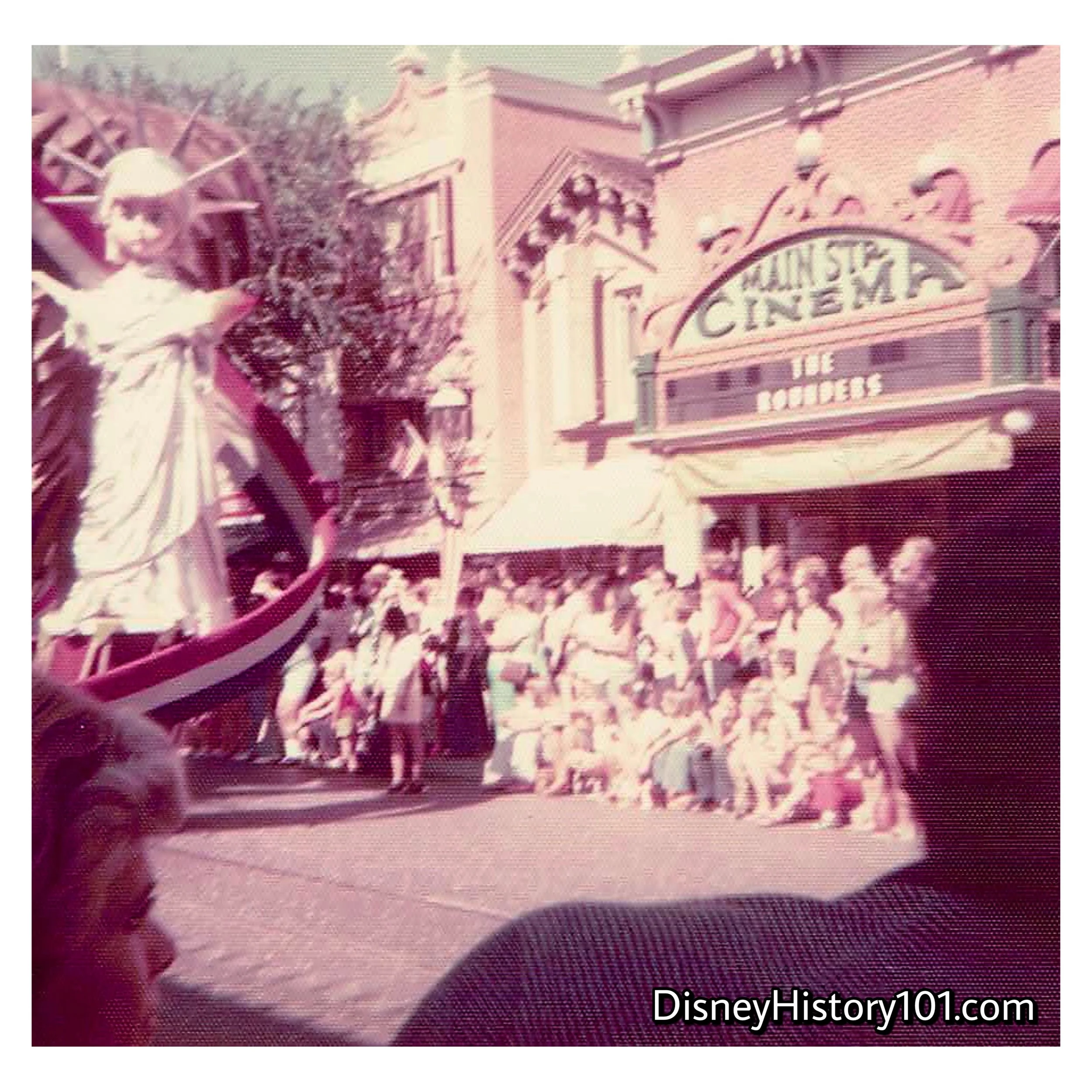
The narrator of the 1976 souvenir Walt Disney Production concludes : “God bless America! May Liberty’s flaming torch, and our great symbols of freedom shine like beacons, and inspire all mankind to live together in peace and harmony!”
FINALE : “In the Spirit of ‘76, Walt Disney Productions proudly presented America on Parade - a salute to America’s 200th birthday - Two centuries filled with challenges, achievements, and world contributions.“ In the end, Disneyland’s America on Parade would feature 50 floats, more than 200 performers (150 of which performed as eight foot tall “People of America”), augmented by high school and college marching bands, parading a total of 603 times.
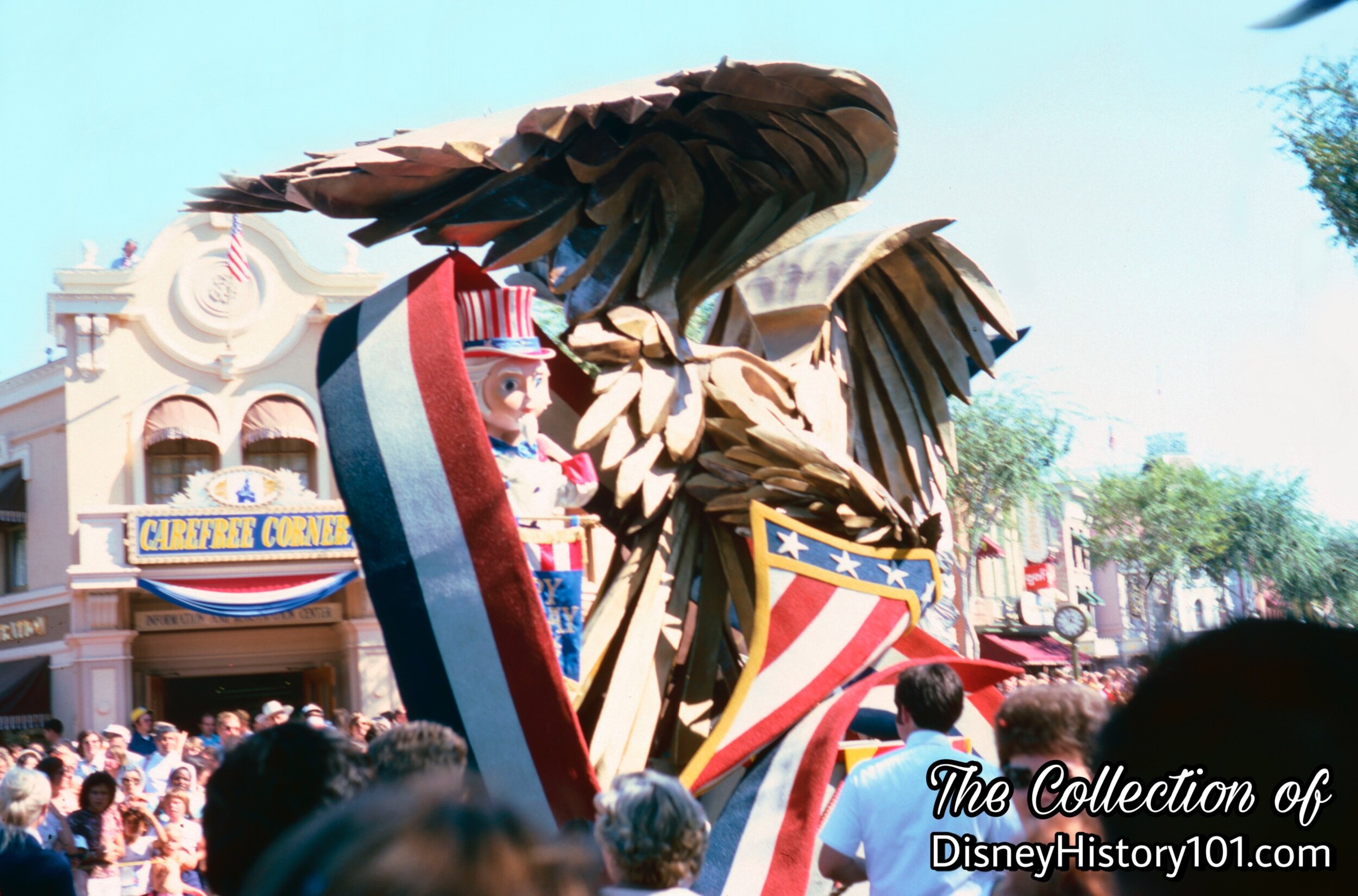
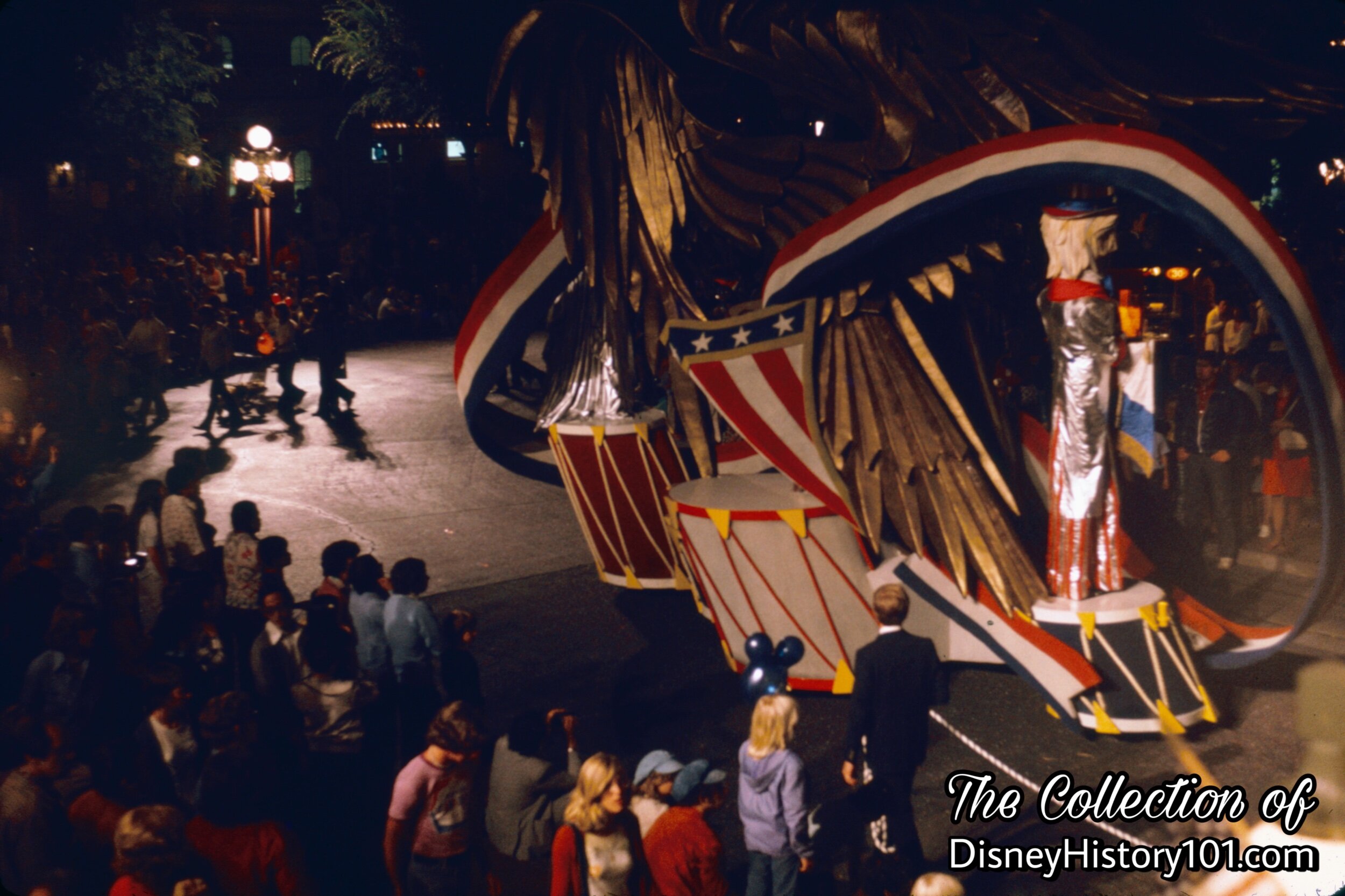
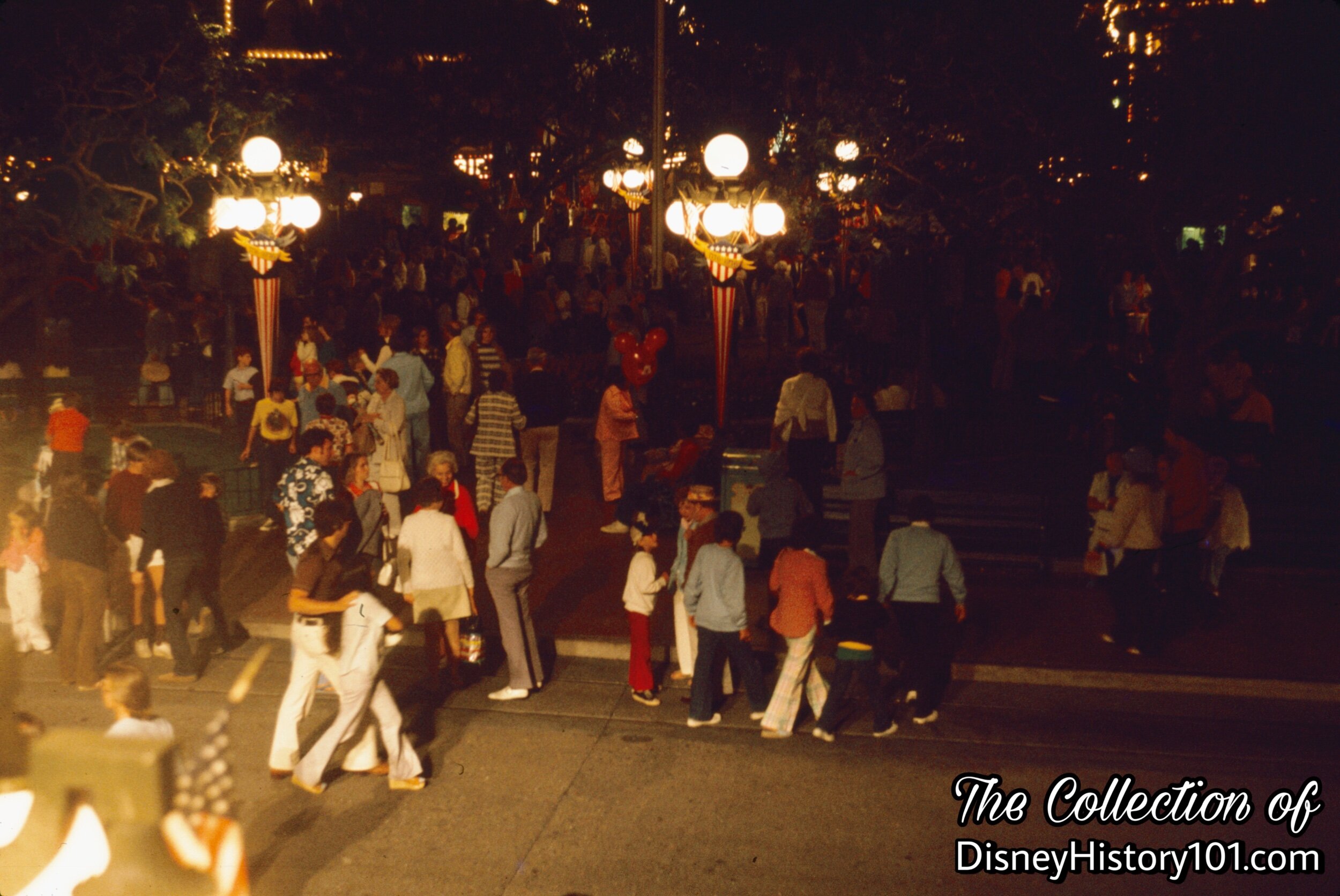
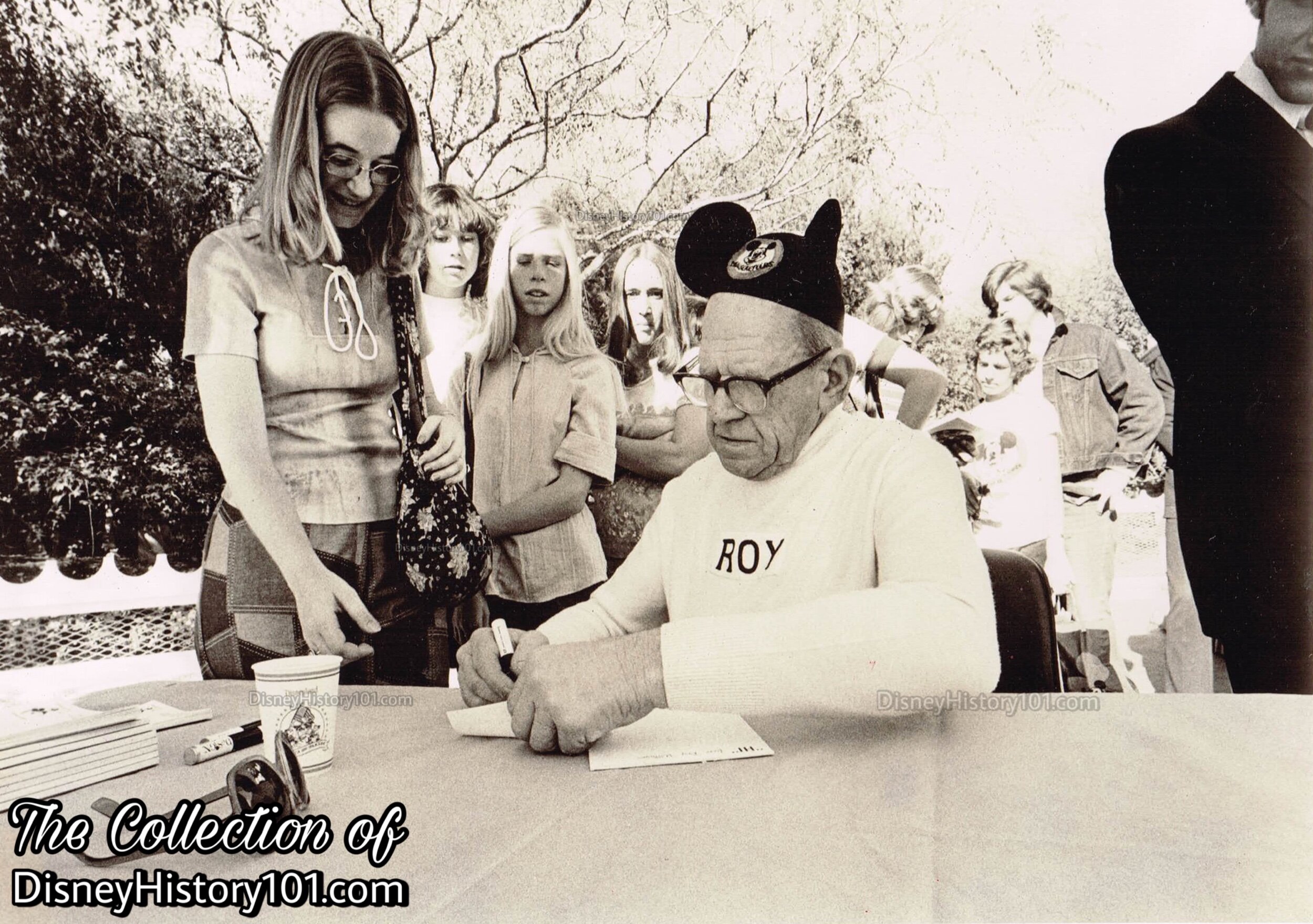
Roy Williams (the “Big Mooseketeer”) previously made an appearances drawing funny faces and signing his autograph for fans of both the Mickey Mouse Club and Walt Disney’s cast of licensed characters. Now, one of the last Press photos taken of Roy at Disneyland, is this photograph taken during Disneyland’s salute to America’s Bicentennial Celebration (pictured above). Roy’s appearance coincided with the Disneyland’s America on Parade American Bicentennial celebration. You may recollect that the Fantasyland Theater was concurrently running a Cartoon Festival of classic Mickey Mouse short films at this time, in an effort to acquaint a whole new generation with the timeless characters. Roy Williams continued to make artistic contributions toward employee publications, and quick drawings for guests, until his passing on November 7, 1976.
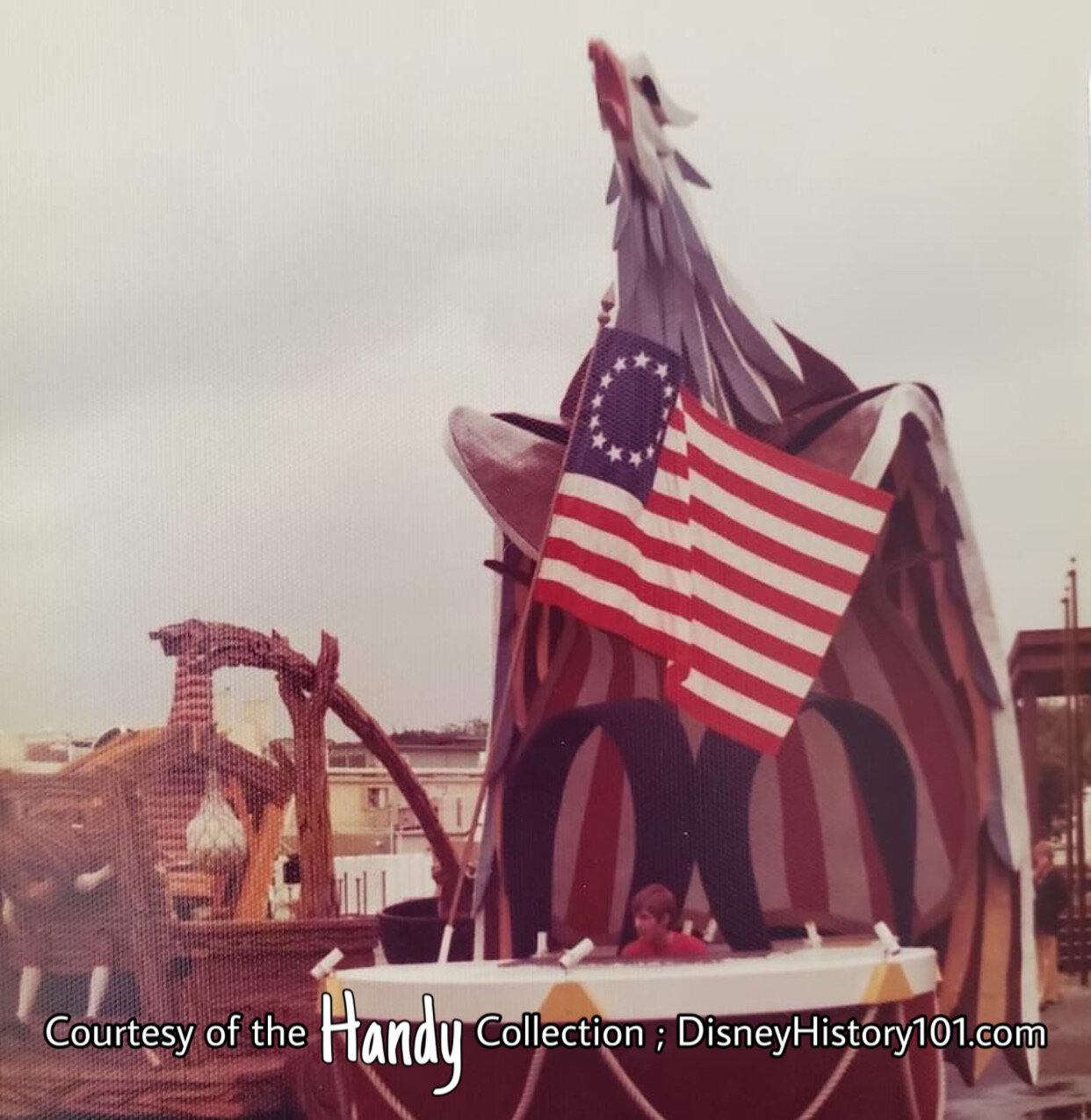
The America on Parade Float “Spirit of ‘76” Driver prepares his float to “step off” and head down the route.
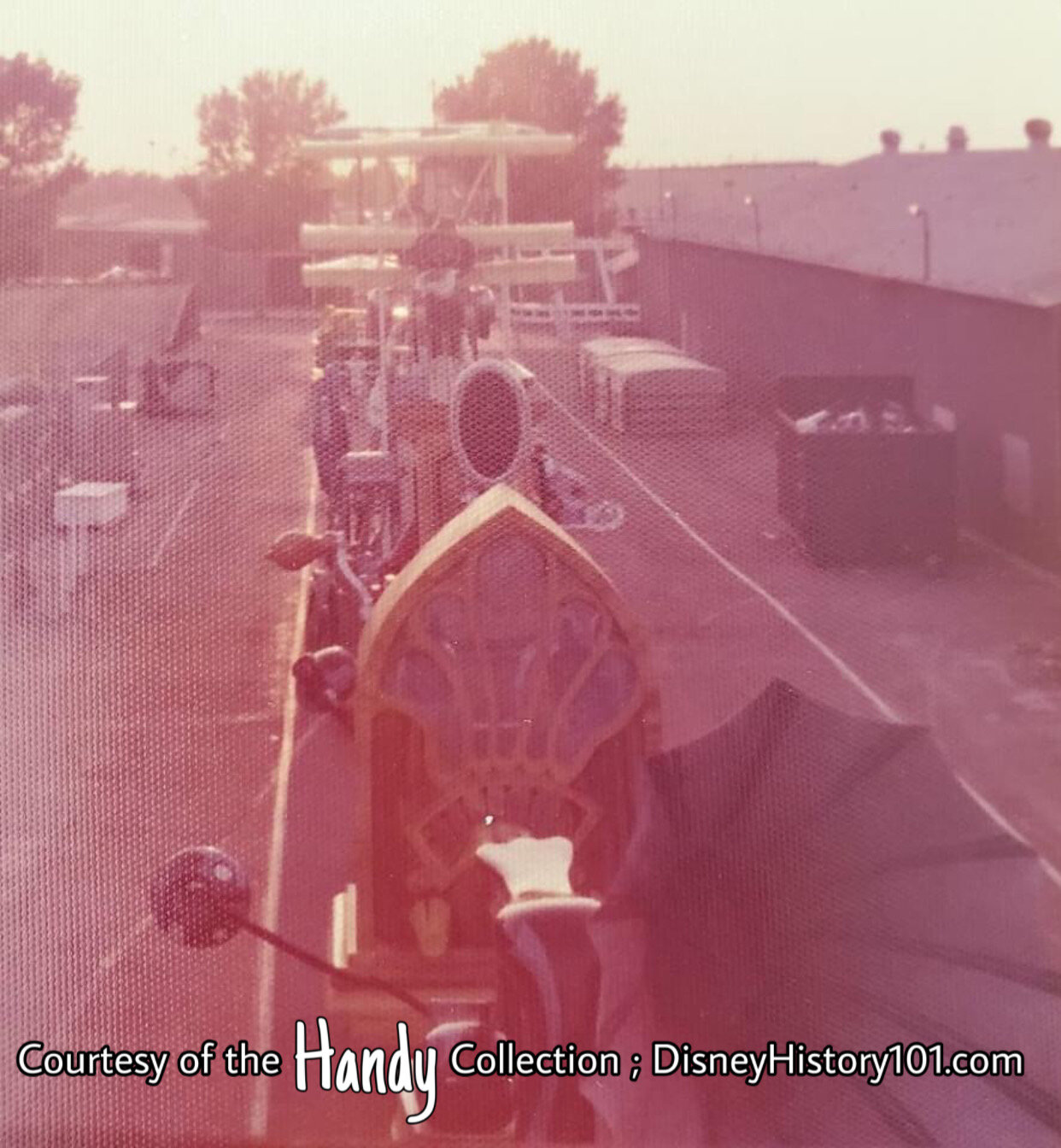
Pictured : Far away from “step off,” a procession of floats from the “Phonograph,” “Radio,” and “Transportation” units await showtime, in a Backstage area near the Parade Float Warehouse and Distribution Center!

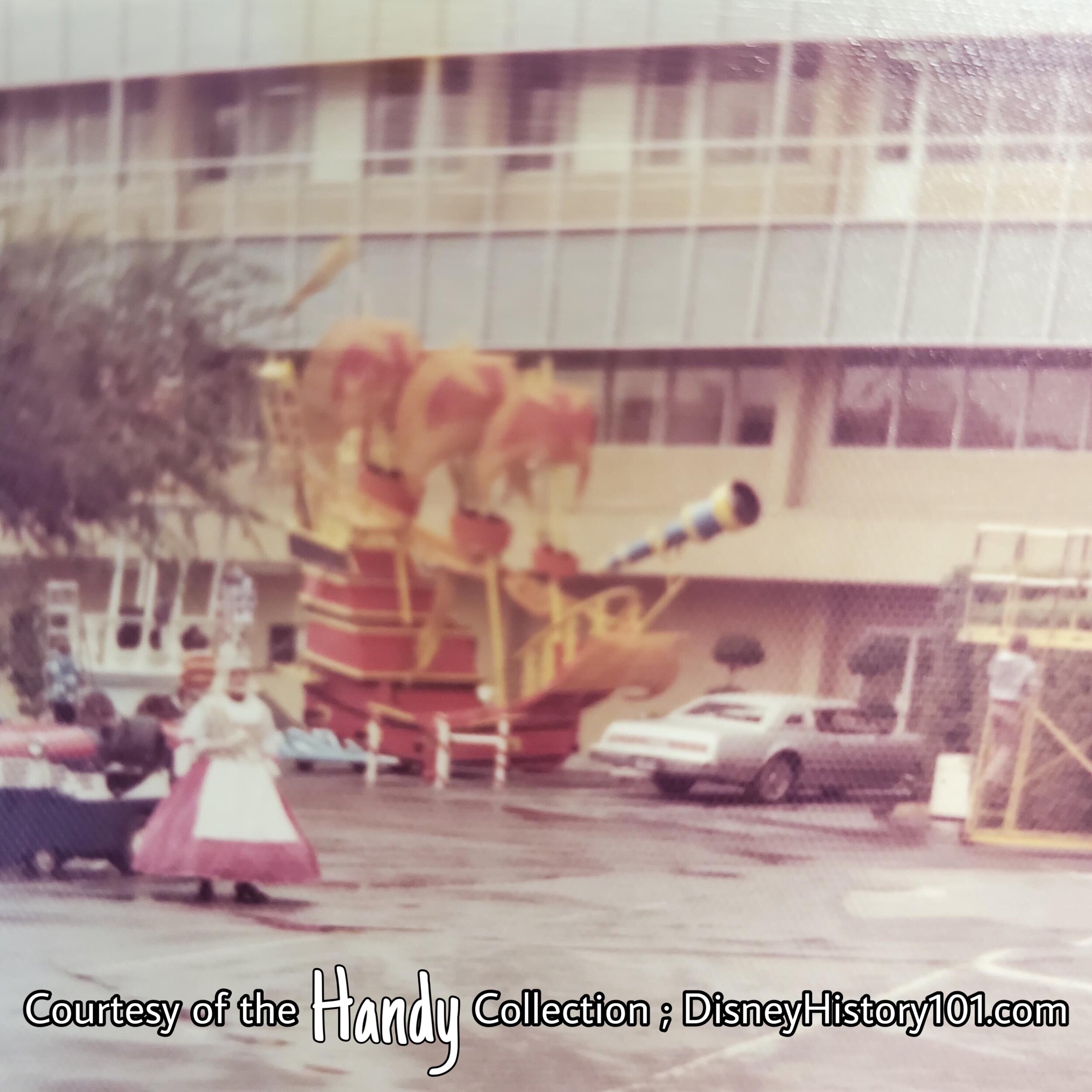
America on Parade Float Driver Debbie remembers : “The parade went from [its a] Small World to Main Street [U.S.A.] in the afternoon, parked in the back and went the other direction for the evening parade. Days when there was only one parade we had to wait until closing to get the floats back to the warehouse. We always worked a split shift.”
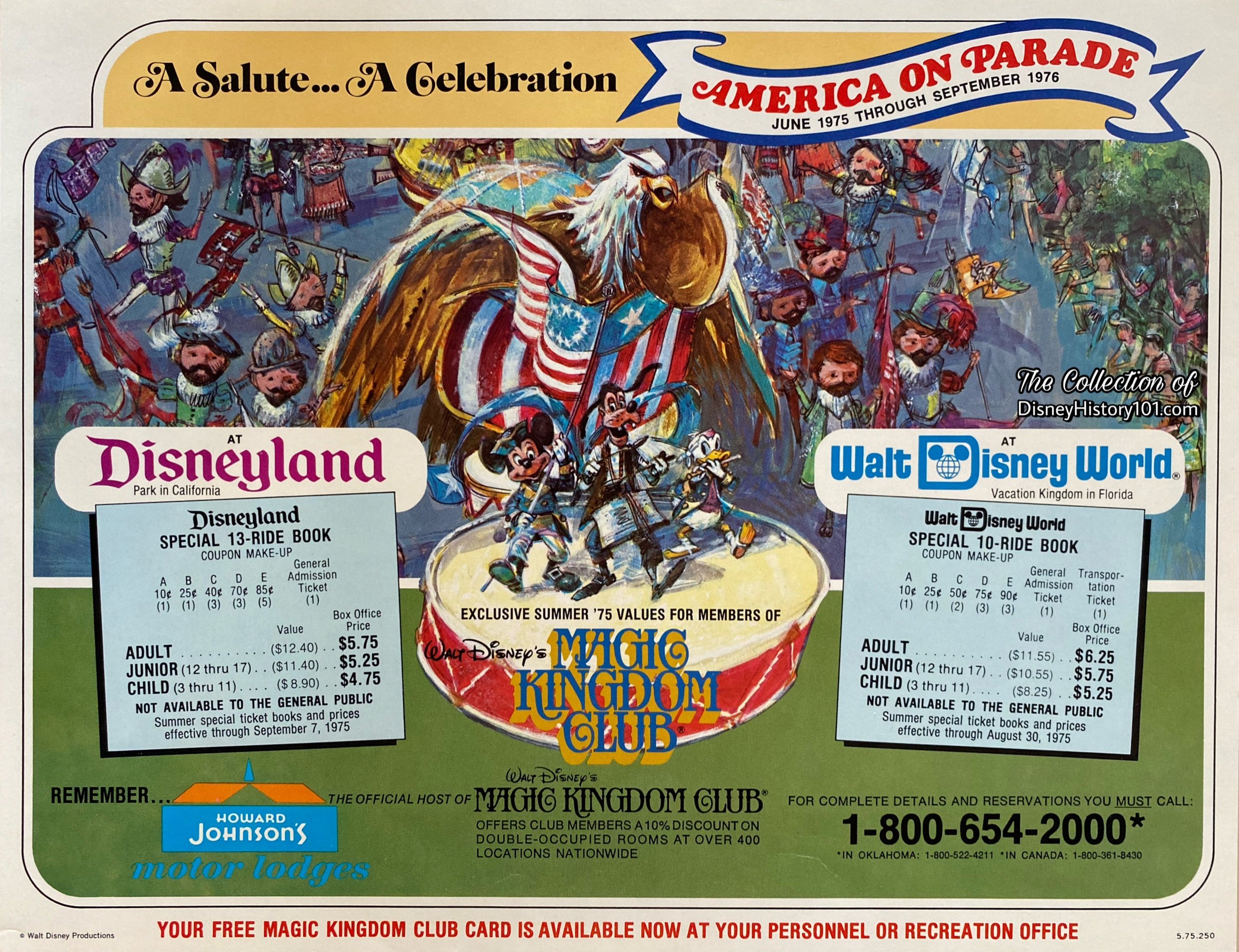
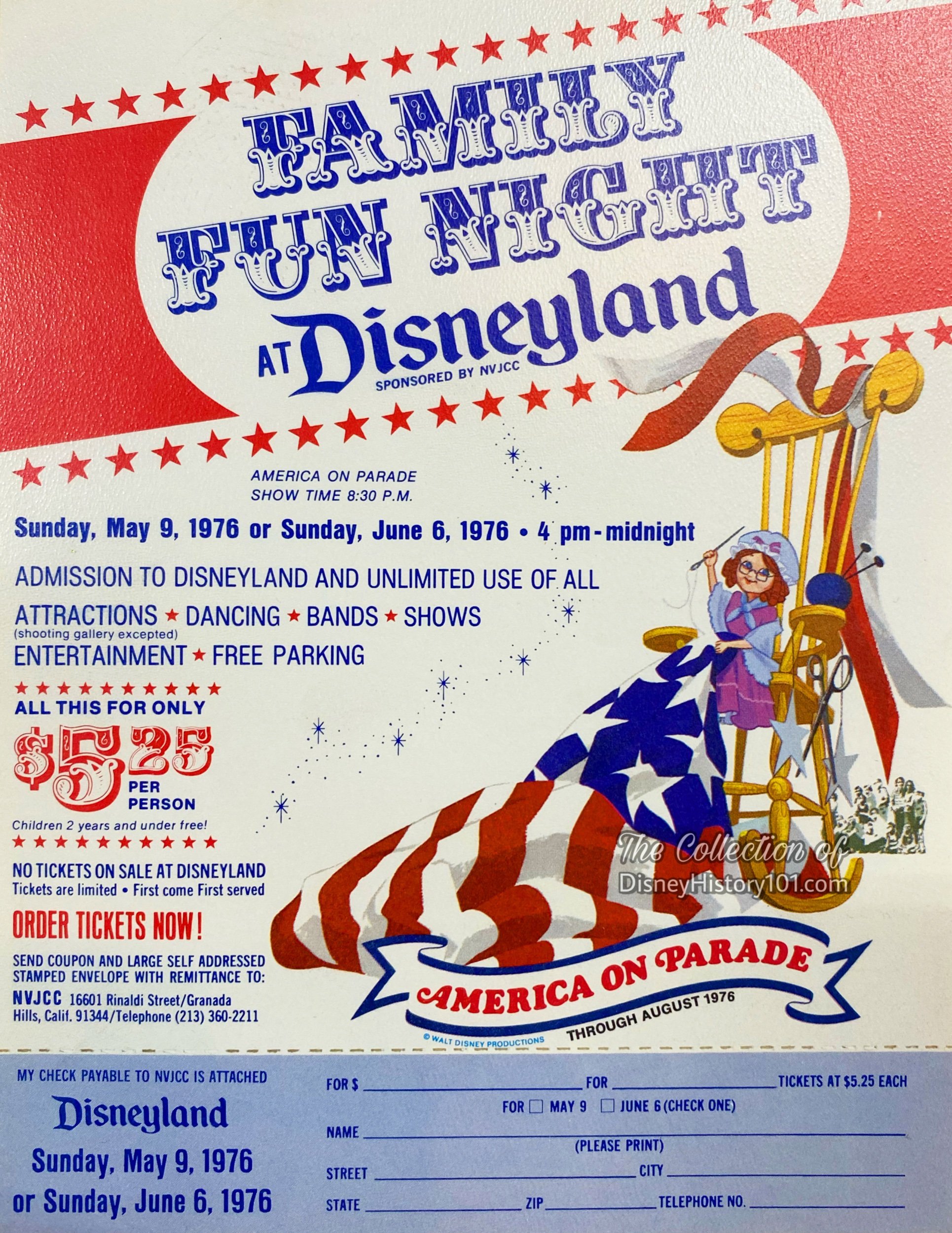
Among the guests to enjoy America on Parade were attendees of Family Fun Nights at Disneyland.
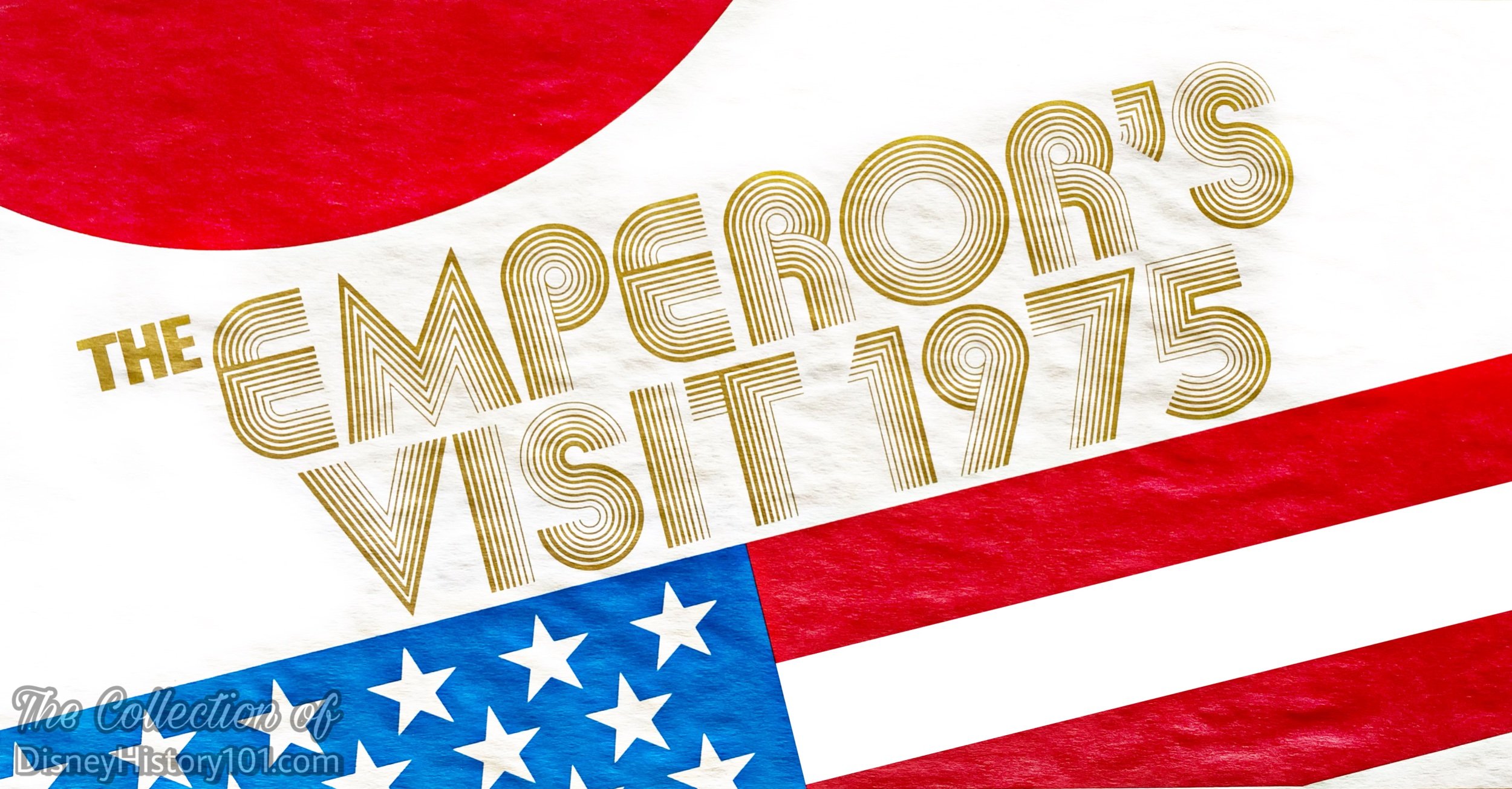
There were quite a few V.I.P. guests of note, including the historical visit of their majesties Emperor Hirohito and the Empress of Japan, who visited Disneyland on Wednesday, October 8th, 1975.
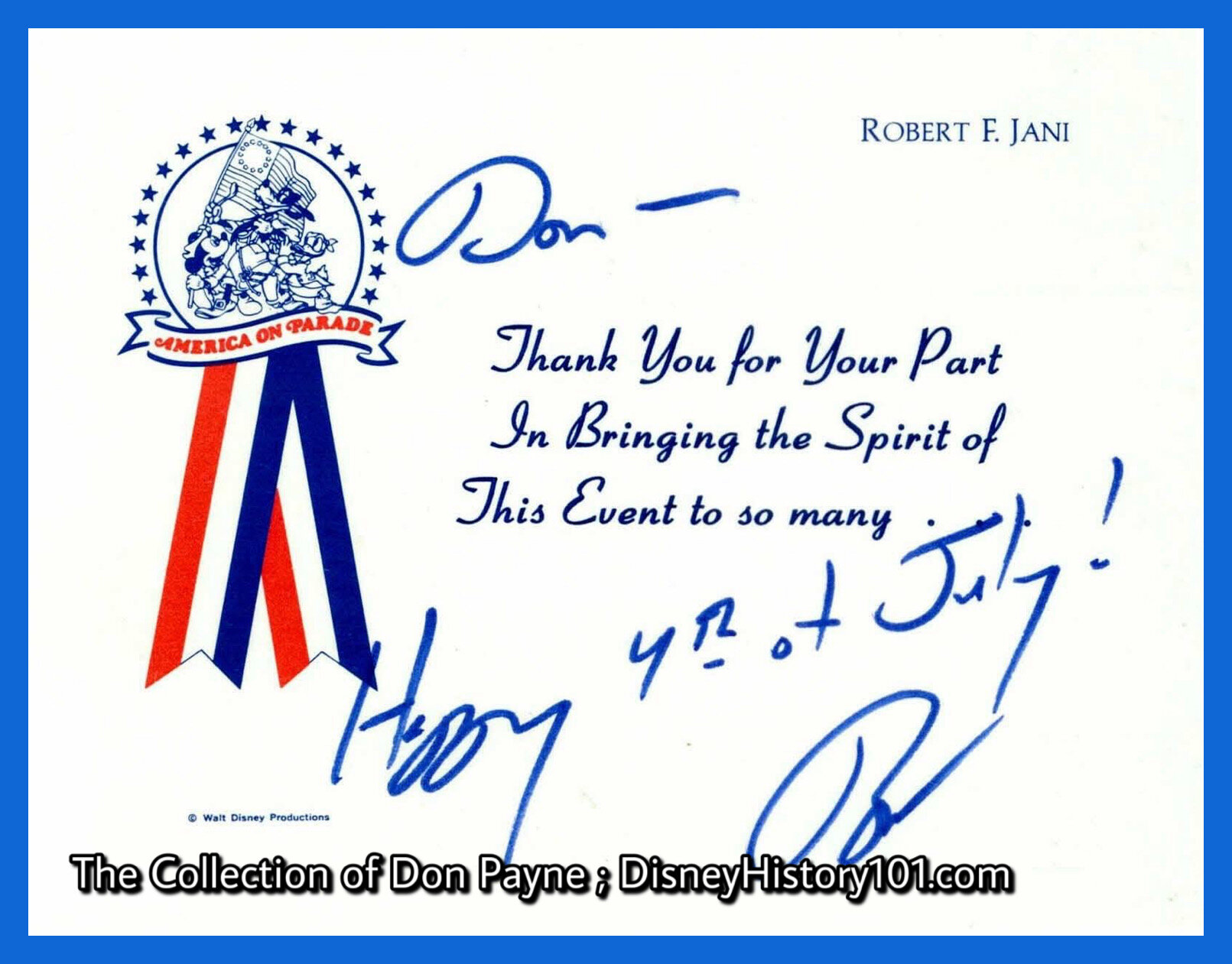
Robert F. Jani (America on Parade Director) personally thanked all participating Cast Members for their individual and group efforts and involvement in this lively representation of America’s national history. His sincerest gratitude was partially expressed through these special personally signed message cards, in addition to Certificates of Appreciation! Many of the “people” on parade were local high school students!
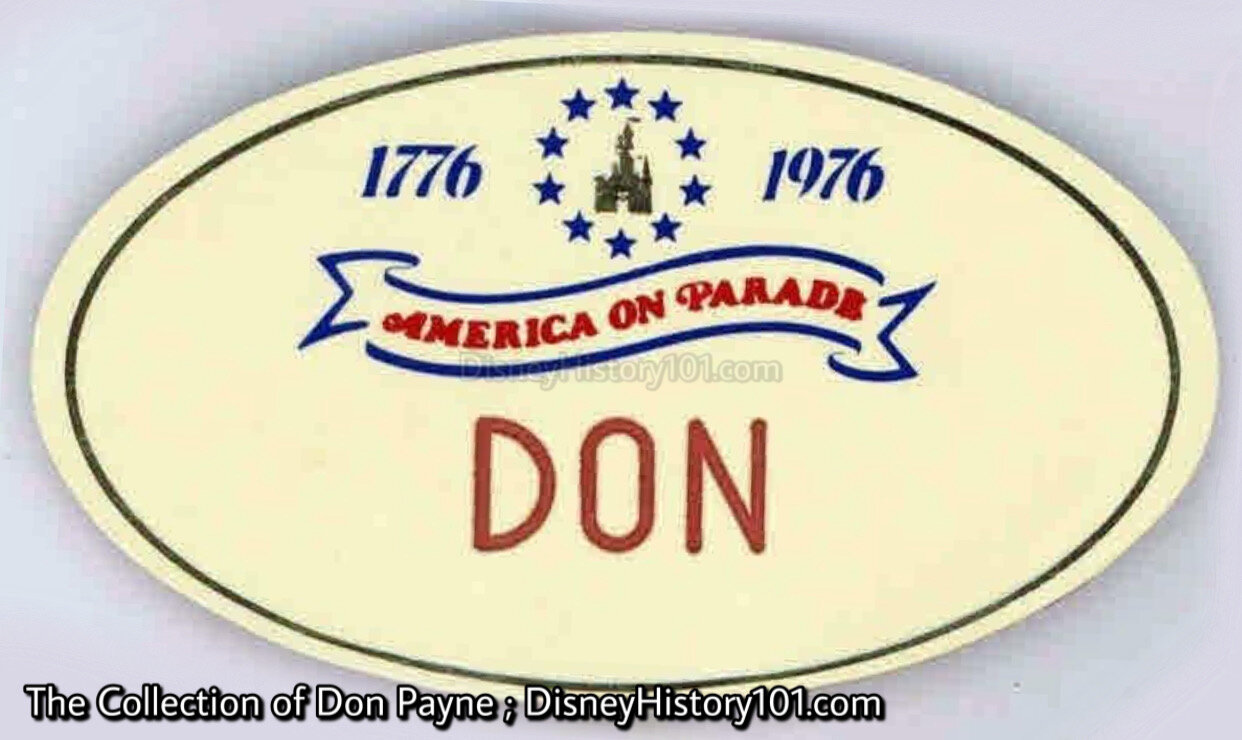
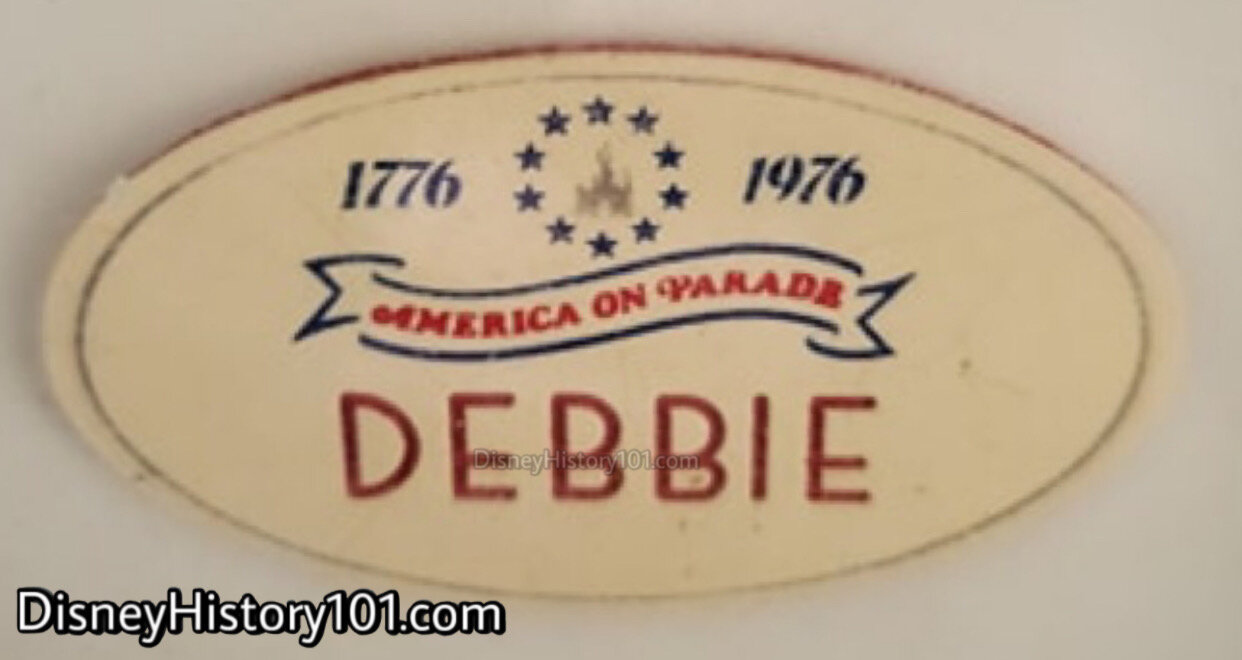
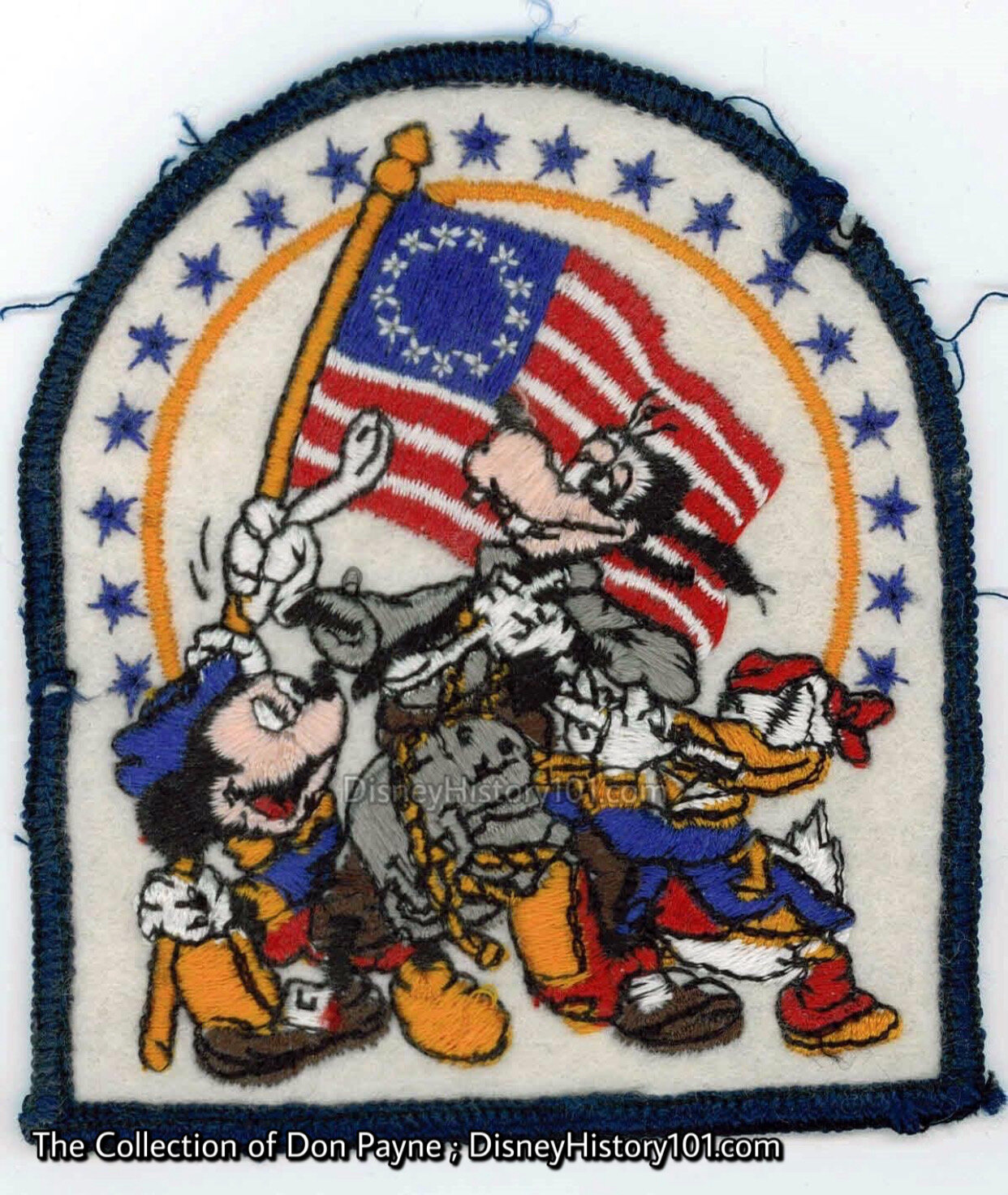
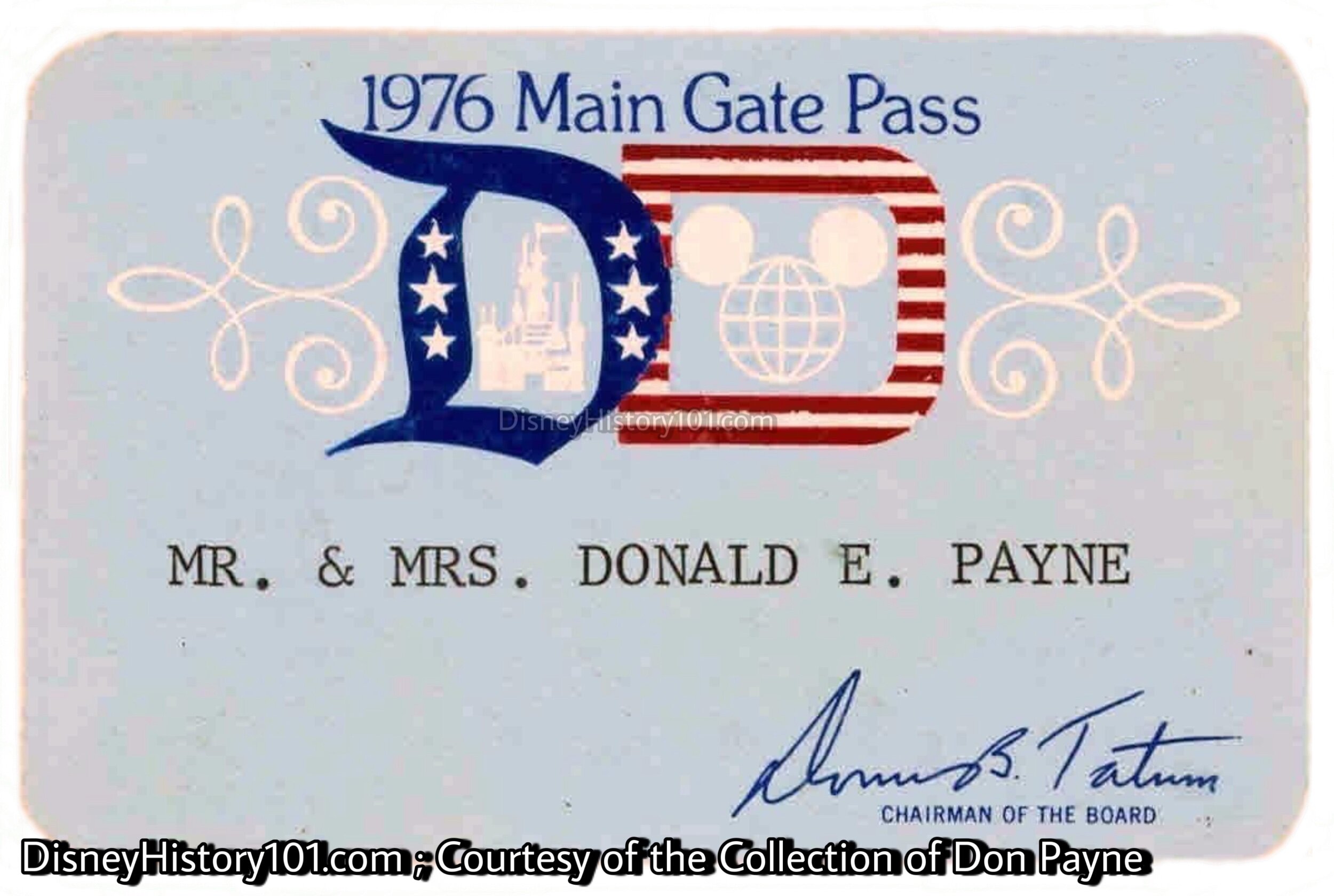
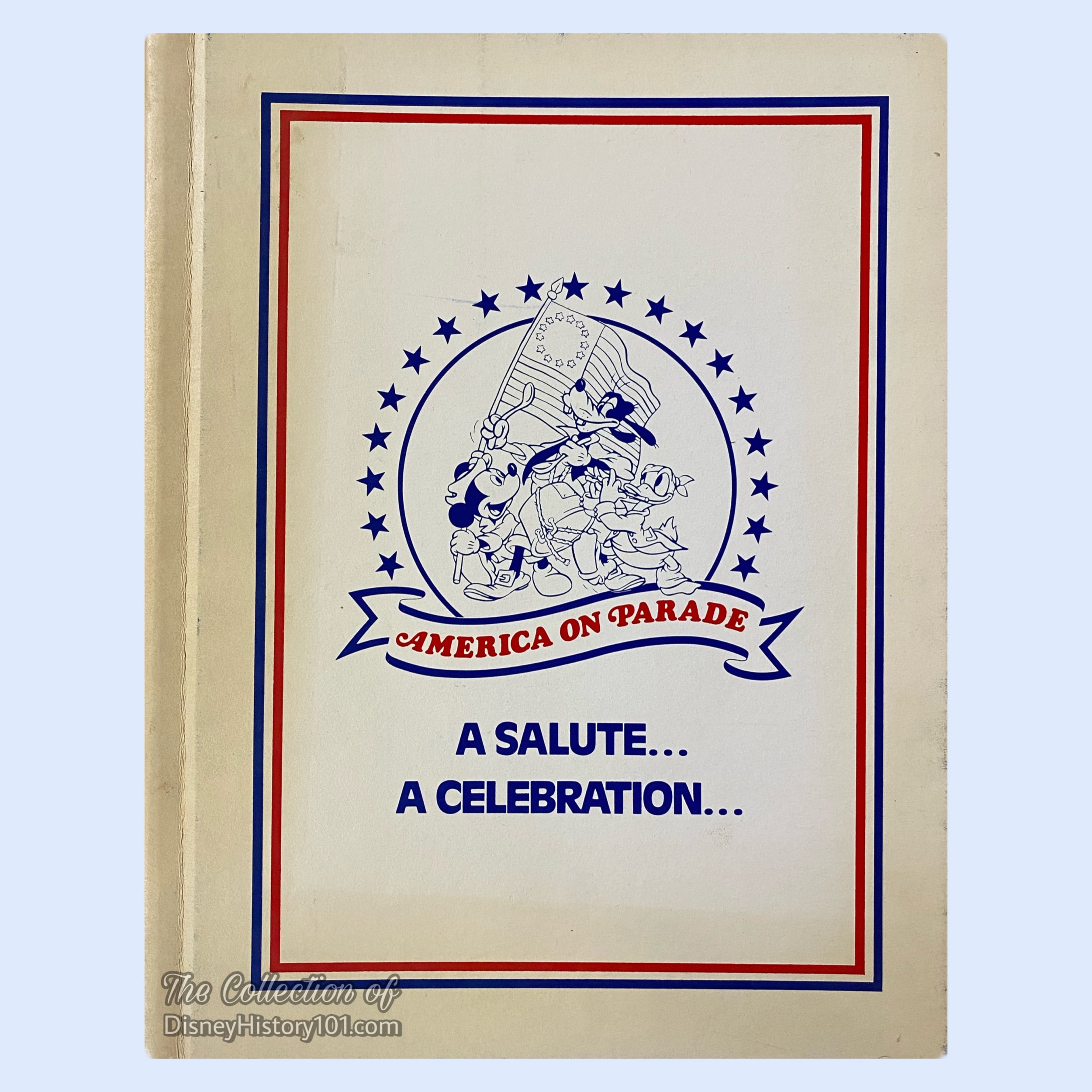
Presented in celebration of our nation's 200th birthday year at both Disneyland and Walt Disney World (from June of 1975 to September of 1976), America on Parade has been preserved in this publication produced for Cast Members. According to the introduction: ”The following information on America on Parade and related topics has been compiled by Walt Disney Productions as a quick reference index to facts, figures and other valuable information pertaining to the Disney organization's Bicentennial activities.”
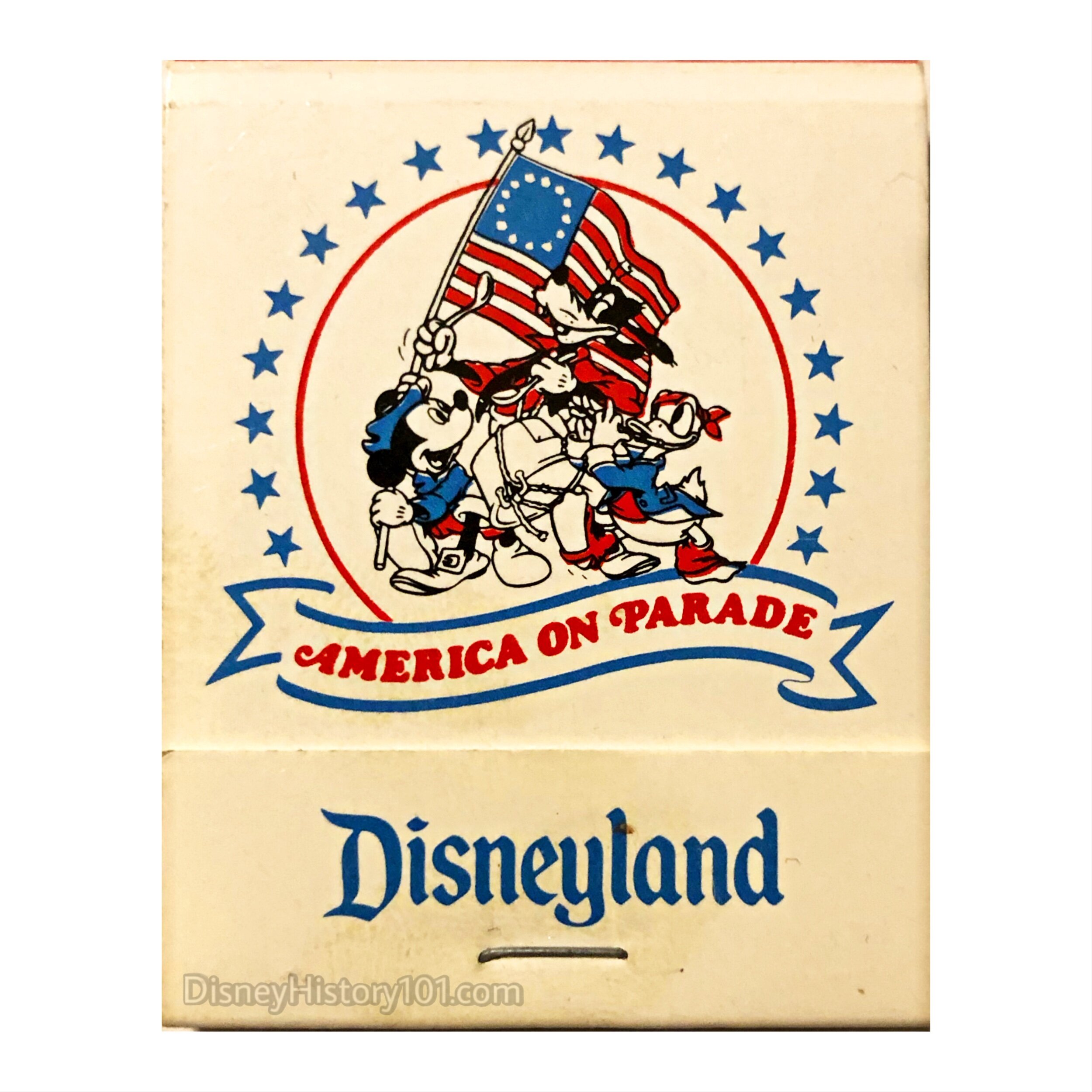
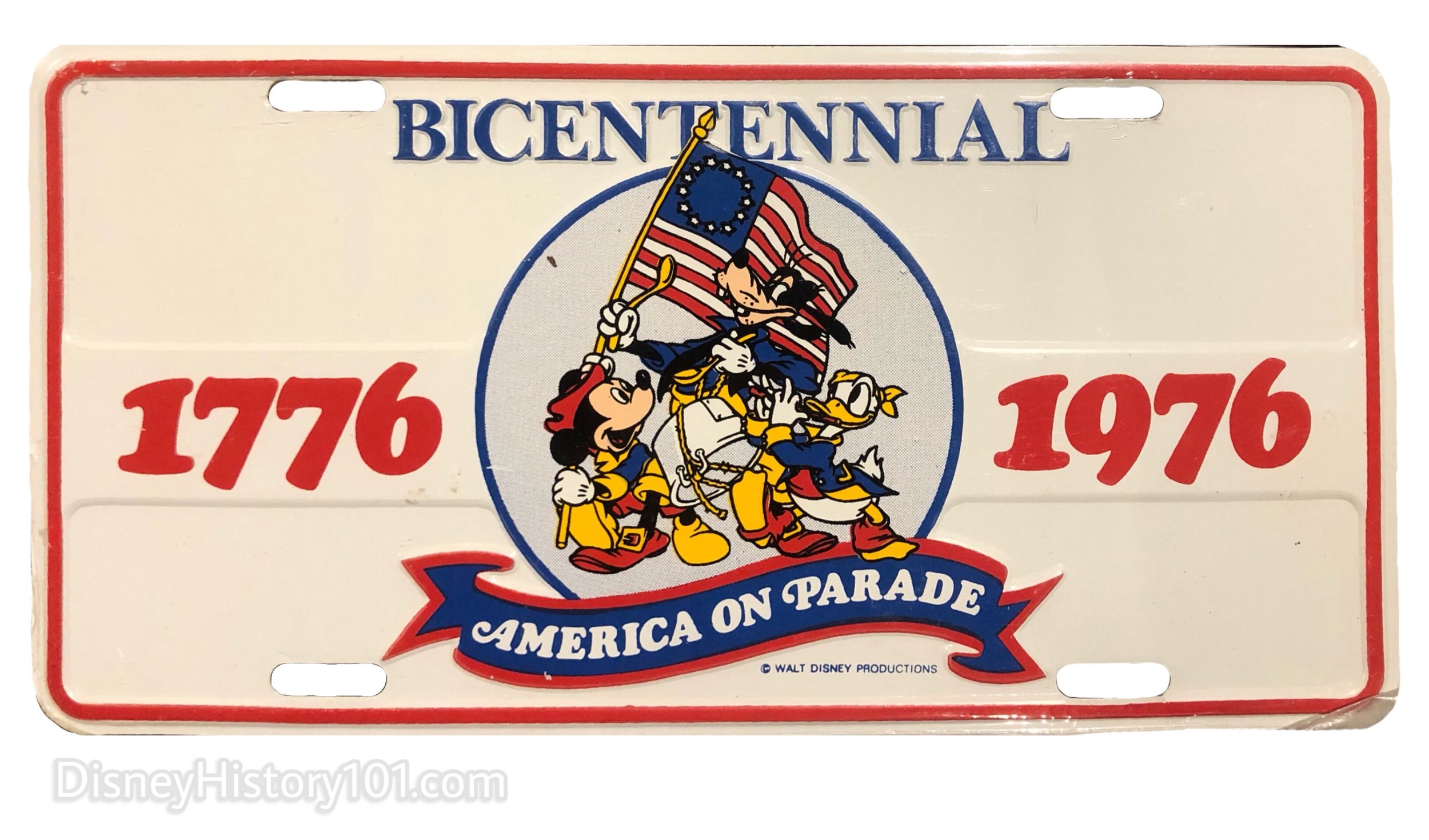
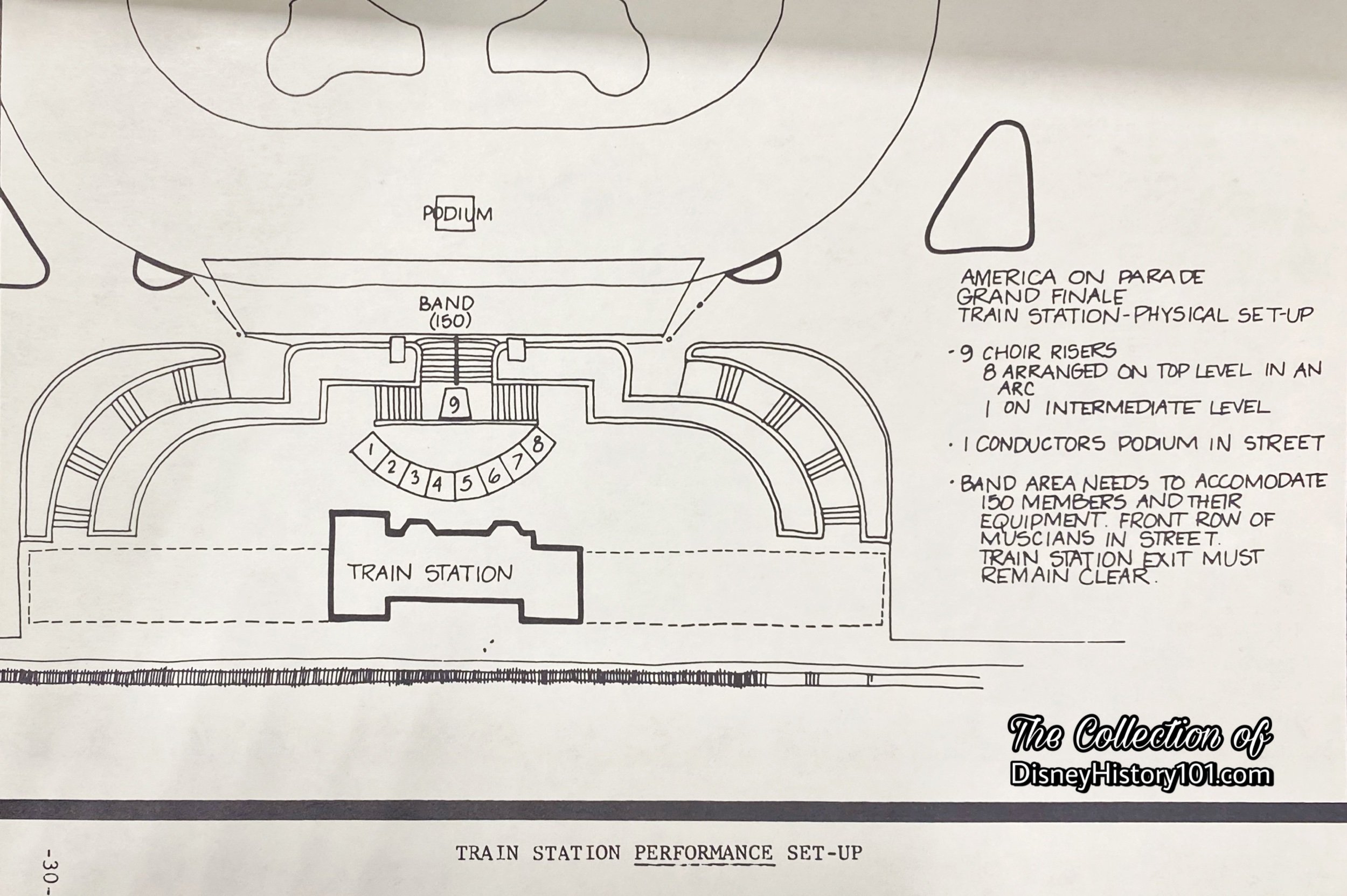

America on Parade was a Good Show - supporting a positive Disney image! Naturally, “Celebrate America ‘76” immediately followed Disneyland’s celebration of the American Bicentennial. Since then the patriotic celebration would become a tradition for a few years.
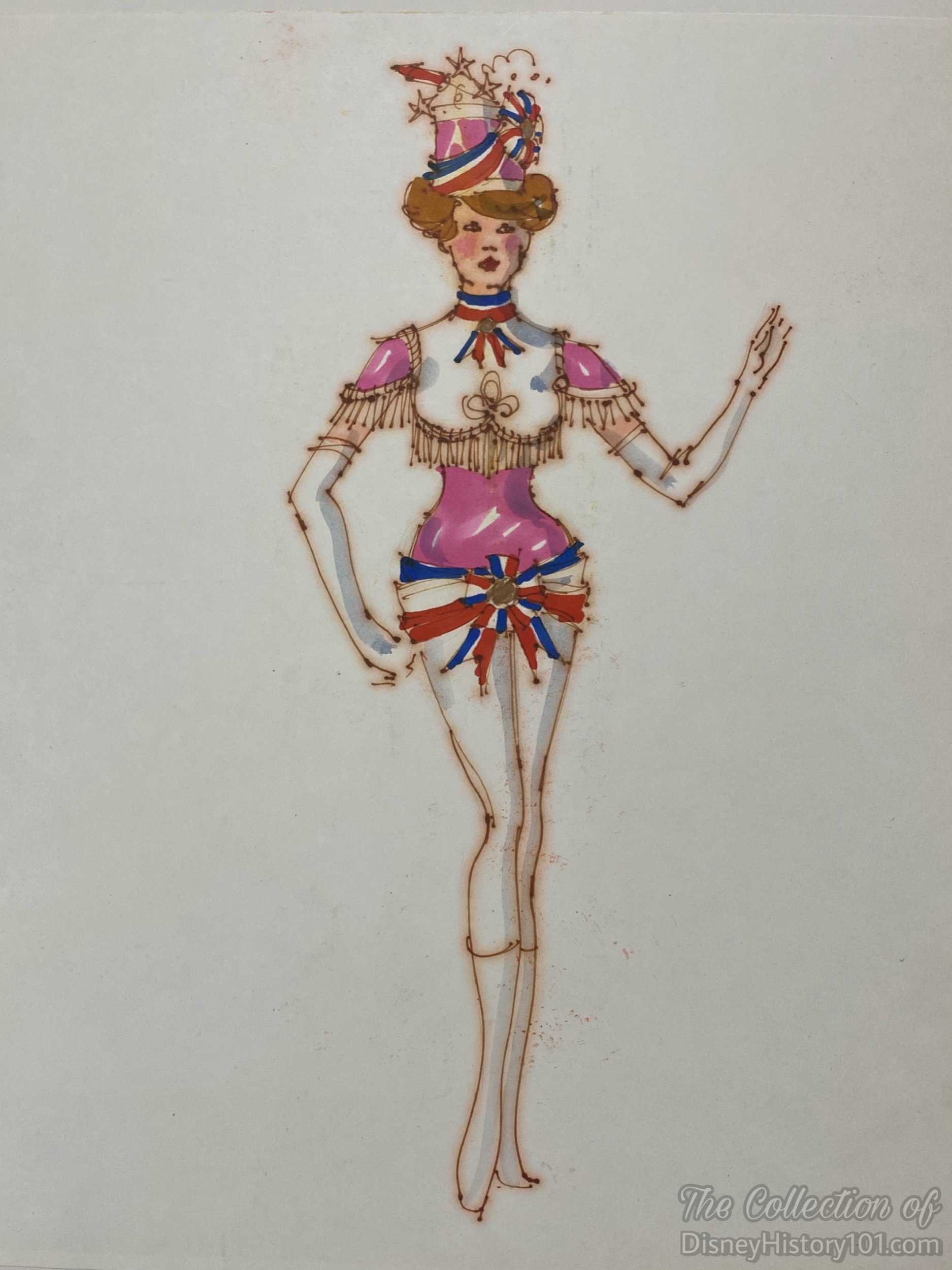
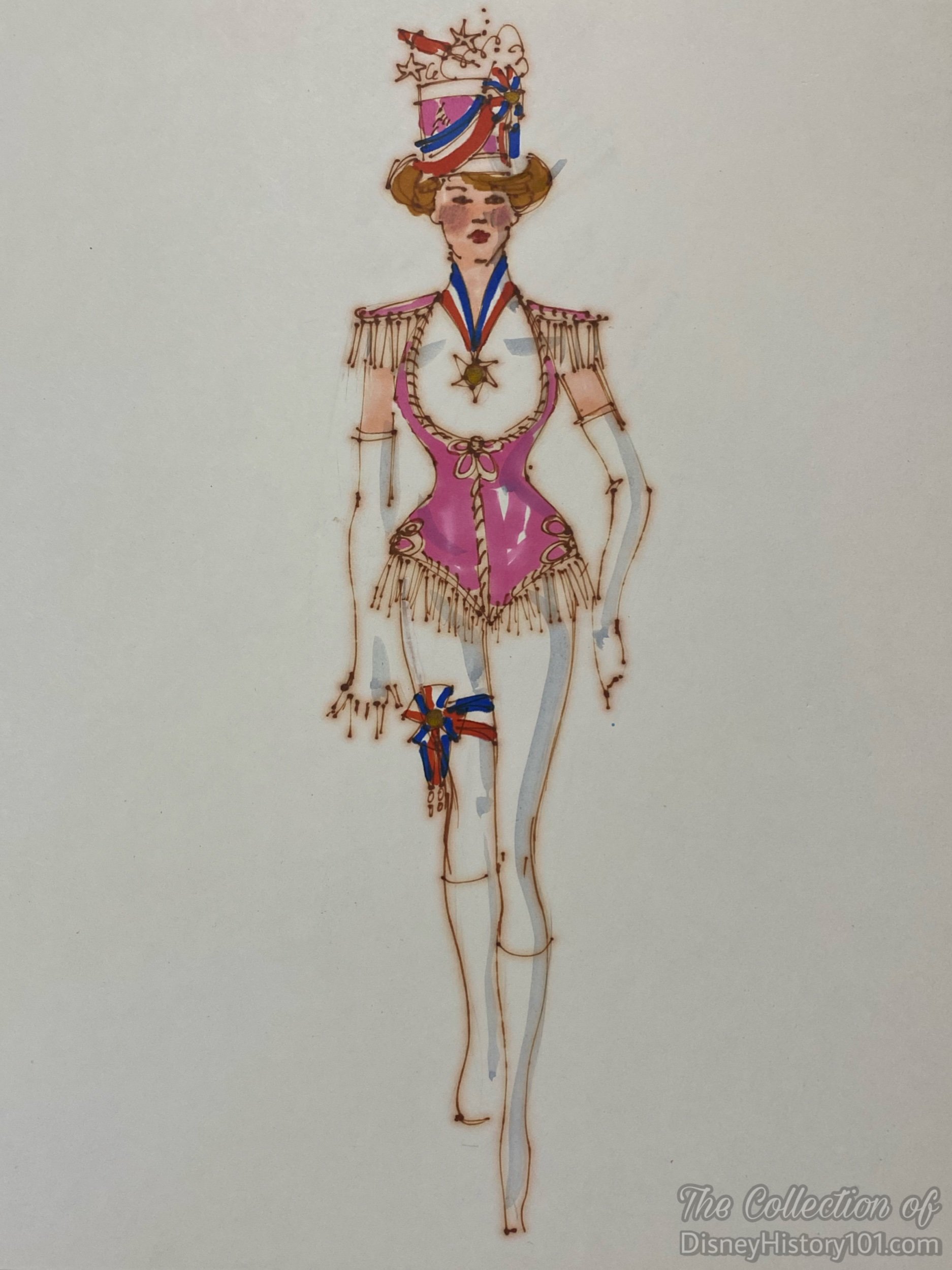
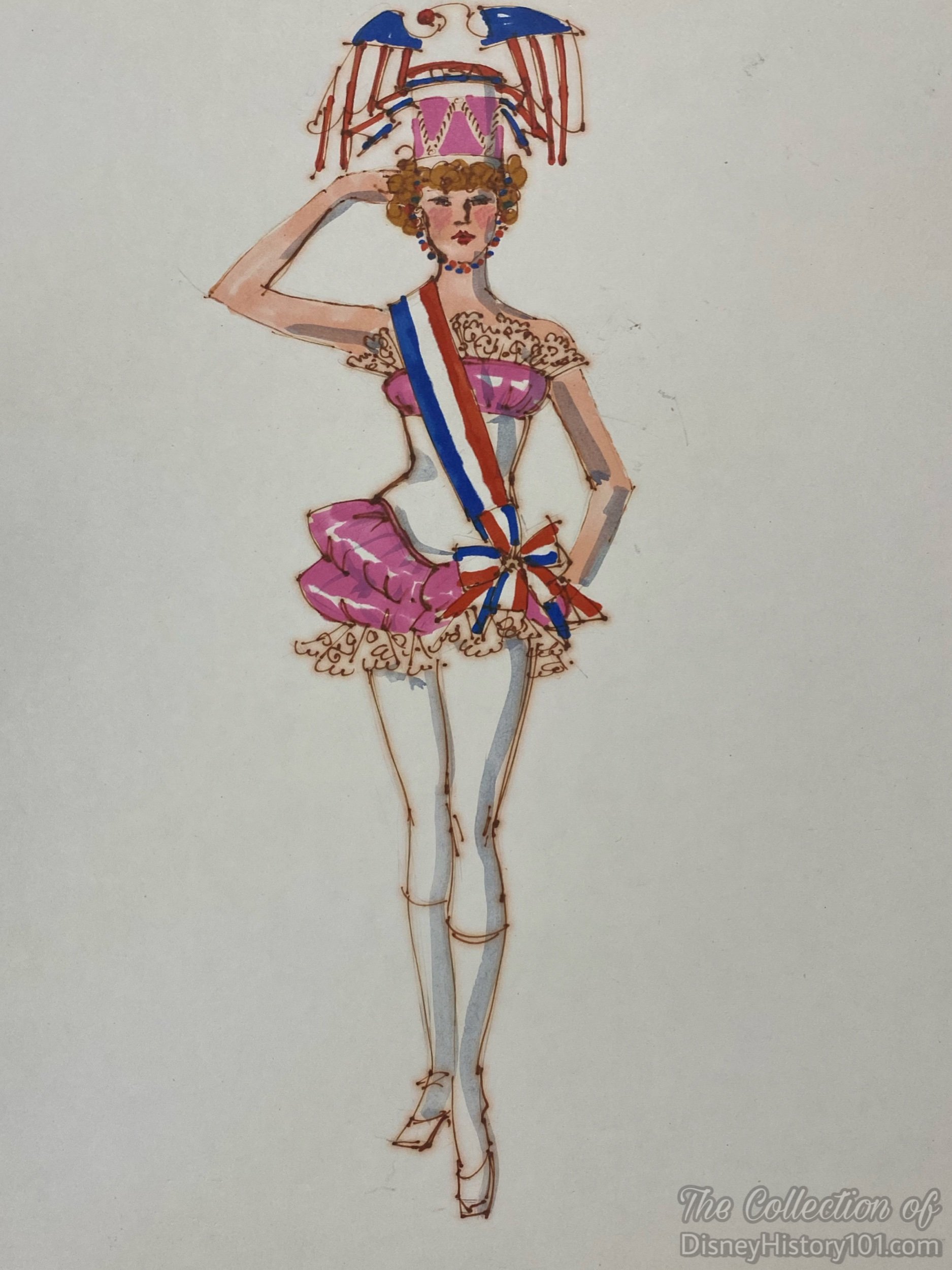

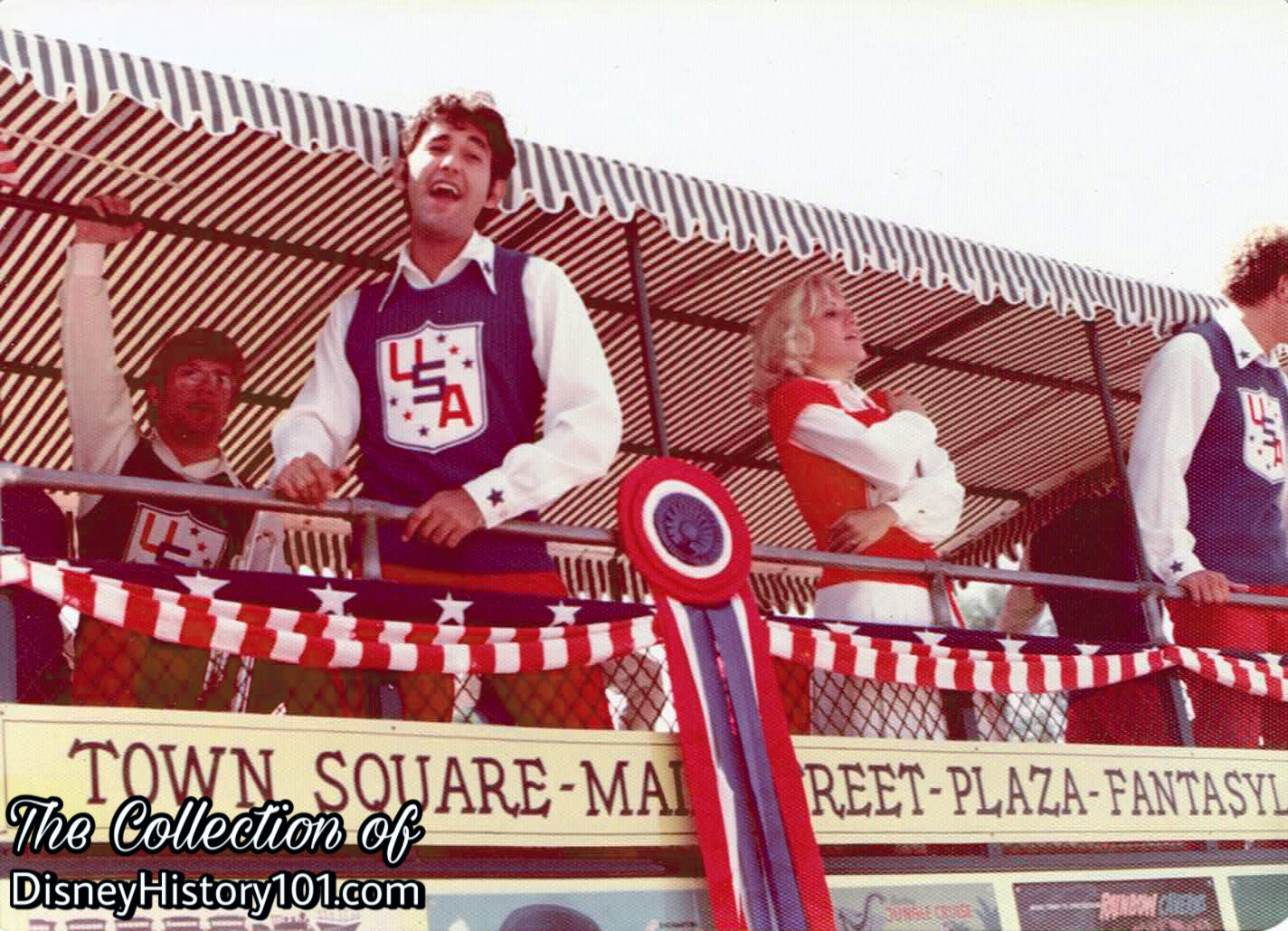
The Double Decked Omnibus (decorated with red, white, and blue ribbons and bunting) carries the All-American College Singers down Main Street U.S.A. to “Celebrate America”!
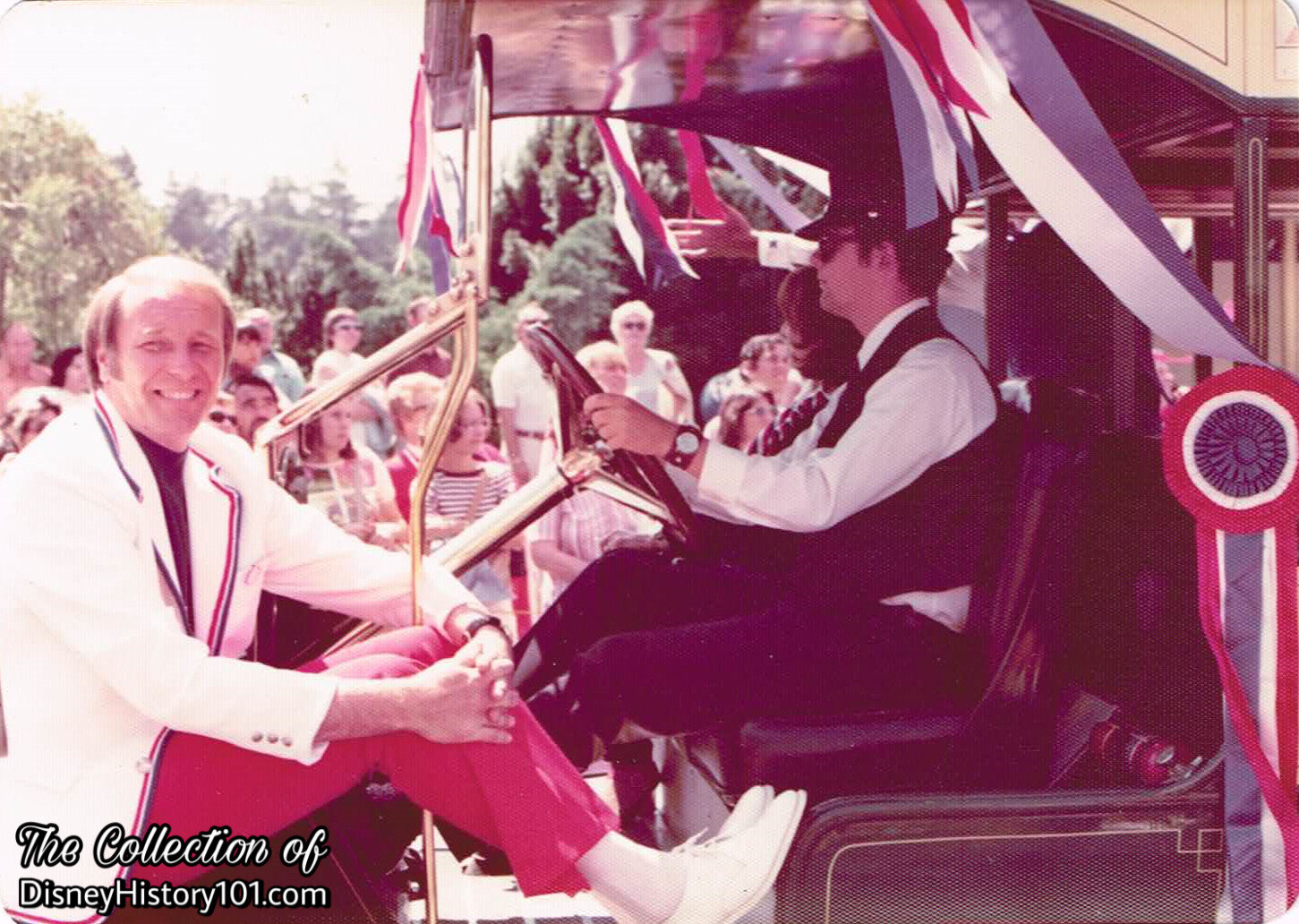
The Celebrate America event and Celebrate America Parade returned February 10, 11 & 12, 1979. It was heralded as the “red, white, and blue Parade of American Music” with “a rousing grand finale, including daytime fireworks”. Disneyland’s Celebrate America Parade starred the Walt Disney’s Cast of Characters, Disneyland’s Cast of entertainers, in addition to school marching bands and representatives of other organizations. Another monumental lineup of performances were arranged - The Miracles (June 19 - 25), Louie Bellson & His Big Band Explosion (June 19 - 26), Tavares (August 1-6), Lionel Hampton & His Big Band (August 1 - 7), and Papa Doo Run Run (July 31st - August 1 ; September 4th and 5th), Bloodstone with Dorothy Moore (August 29 - September 3rd), and Buddy Rich & The Big Band Machine (August 29 - September 4).
“You Deserve a Medal Too” - Disneyland’s Celebrate America Parade returned again over the next few years, even saluting the U.S. Olympic Team for four consecutive weekends (during February 19, & 20, 26 & 27, and March 5 & 6, and 12 & 13, of 1983), from 9a.m. to midnight. During these dates, Disneyland donated $1.00 per ticket sold to the U.S. Olympic Training Fund. The “Discover America” promotional contest offered each guest the opportunity to win prizes - Disneyland Passports (no expiration date) or Olympics pins, redeemed at the Carefree Corner on Main Street U.S.A.! This was dome through the use of rub-off game pieces, and prizes were redeemed at Carefree Corner!
The year 1984 C. Robert Moore (former of the Disneyland Paint Department) who was previously chosen to officially sign, Walt Disney’s signature, and had designed the Walt Disney commemorative stamp in 1968, now created the Sam the Eagle mascot for the 1984 Summer Olympics.
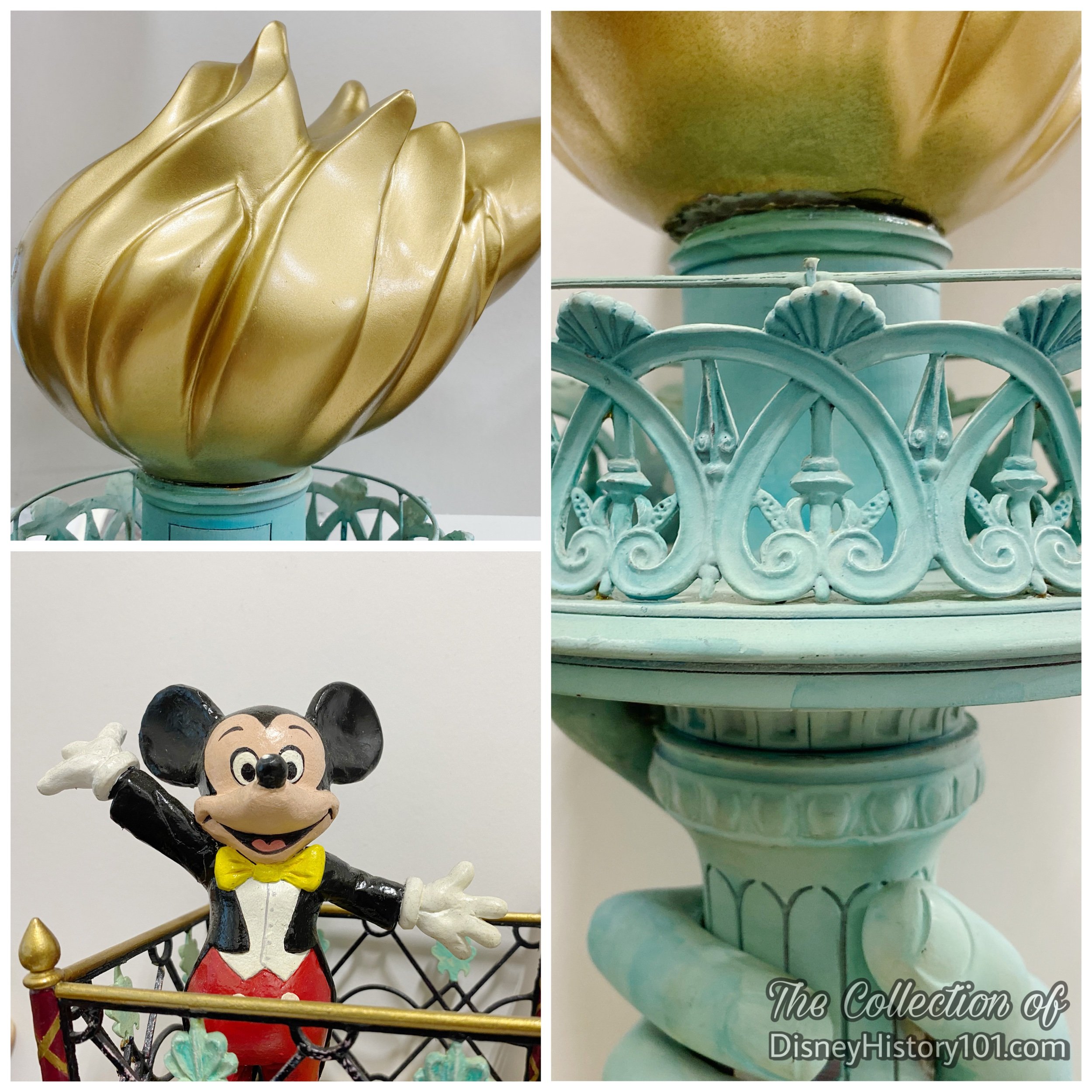
This Disneyland “Celebration U.S.A.” Parade Miniature Model auctioned through “Celebrating 50 Years of Magical Memories” of Disneyland.
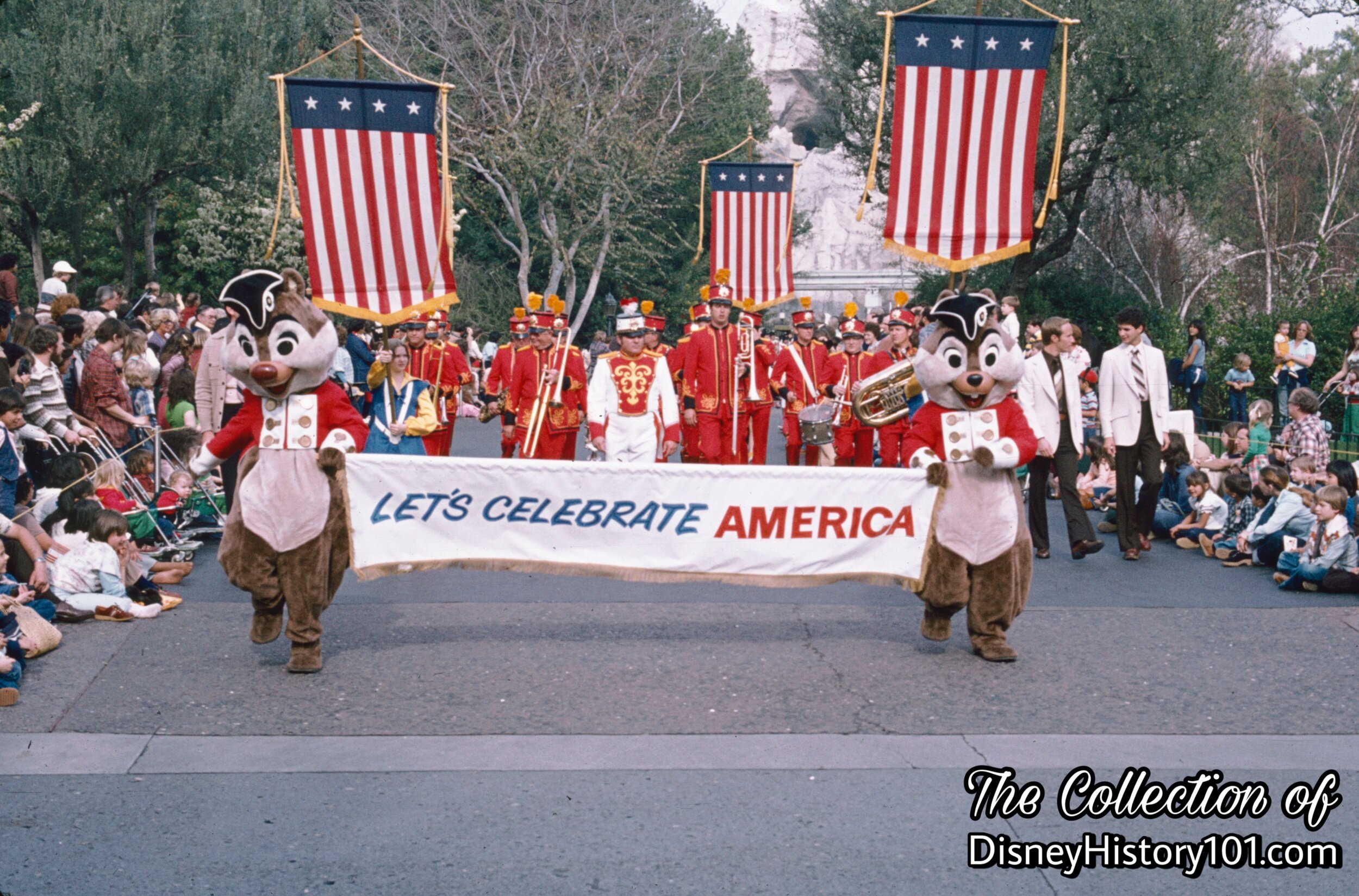
Chip ‘n Dale lead the head of Disneyland’s Celebrate America Parade down Matterhorn Road!
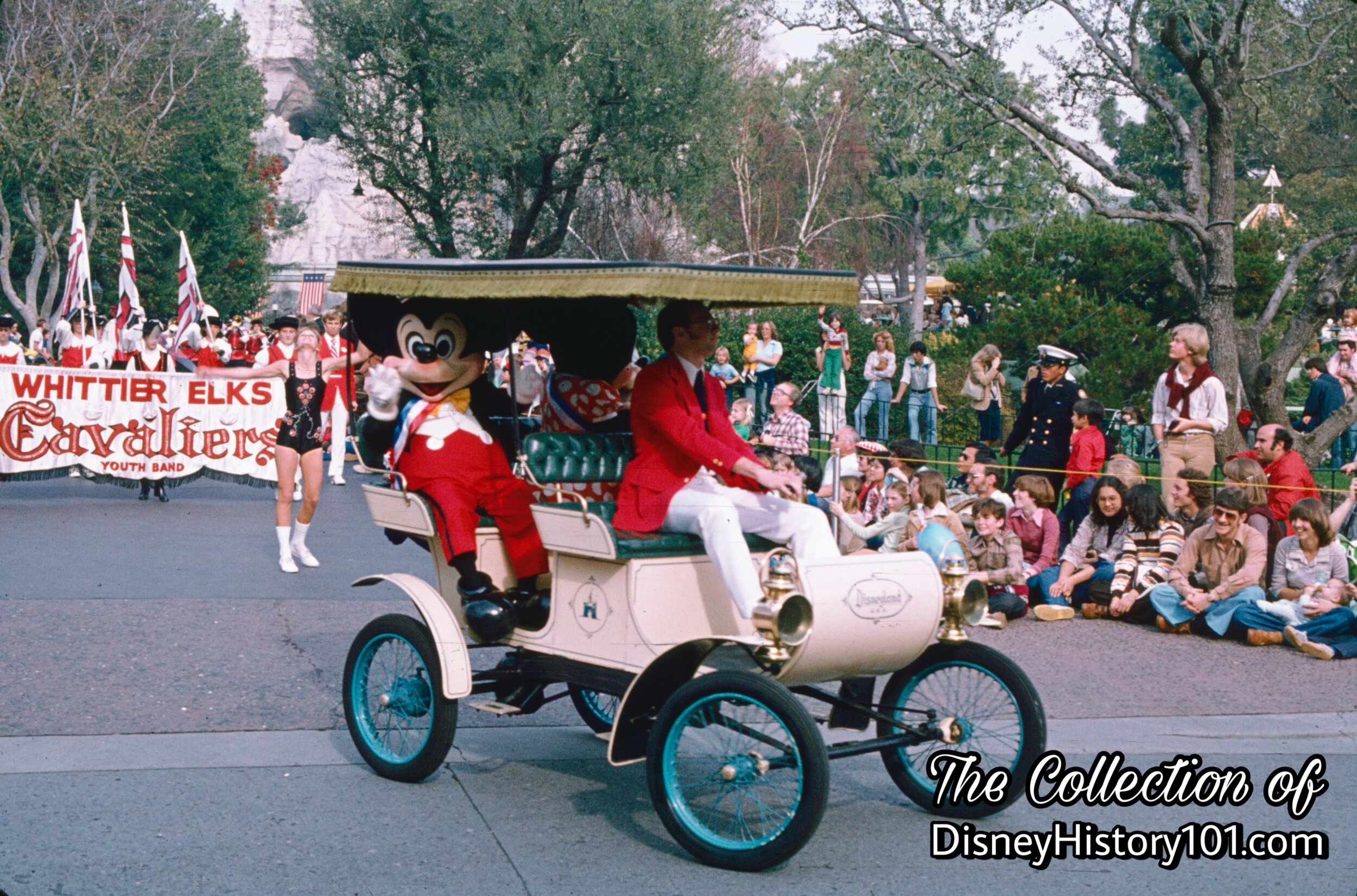
Grand Marshall Mickey Mouse rides aboard one of four Disneyland Horseless Carriages with curved-dashes, built especially for V.I.P. guests! Behind Mickey Mouse, marches the Cavaliers - a Youth Organization affiliated with the local Elks Lodge of Whittier!
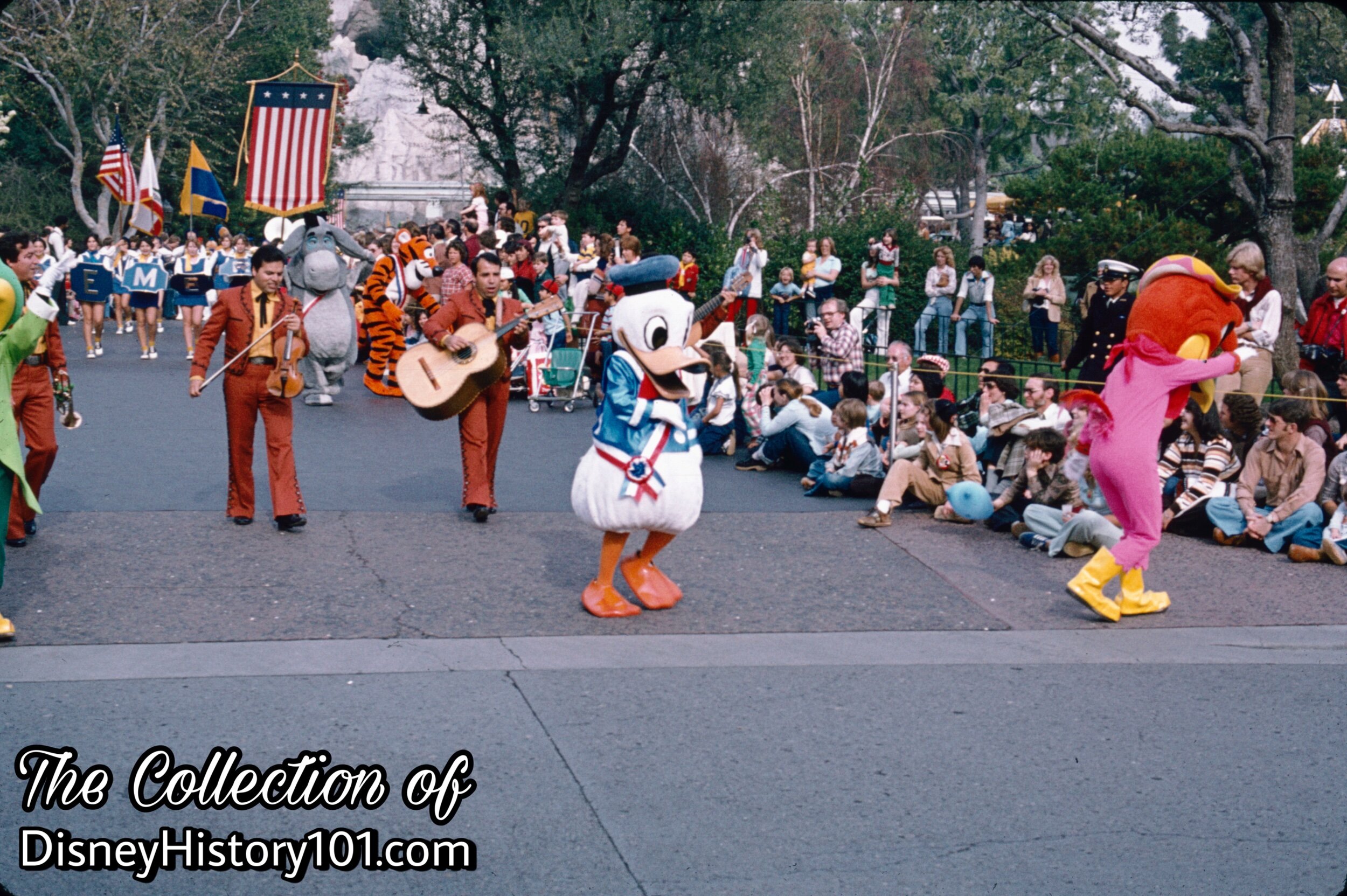
Mariachi San Marcos (appeared continuously in Frontierland, Thursday thru Monday) and also marched in the Celebrate America Parade alongside the Three Caballeros!
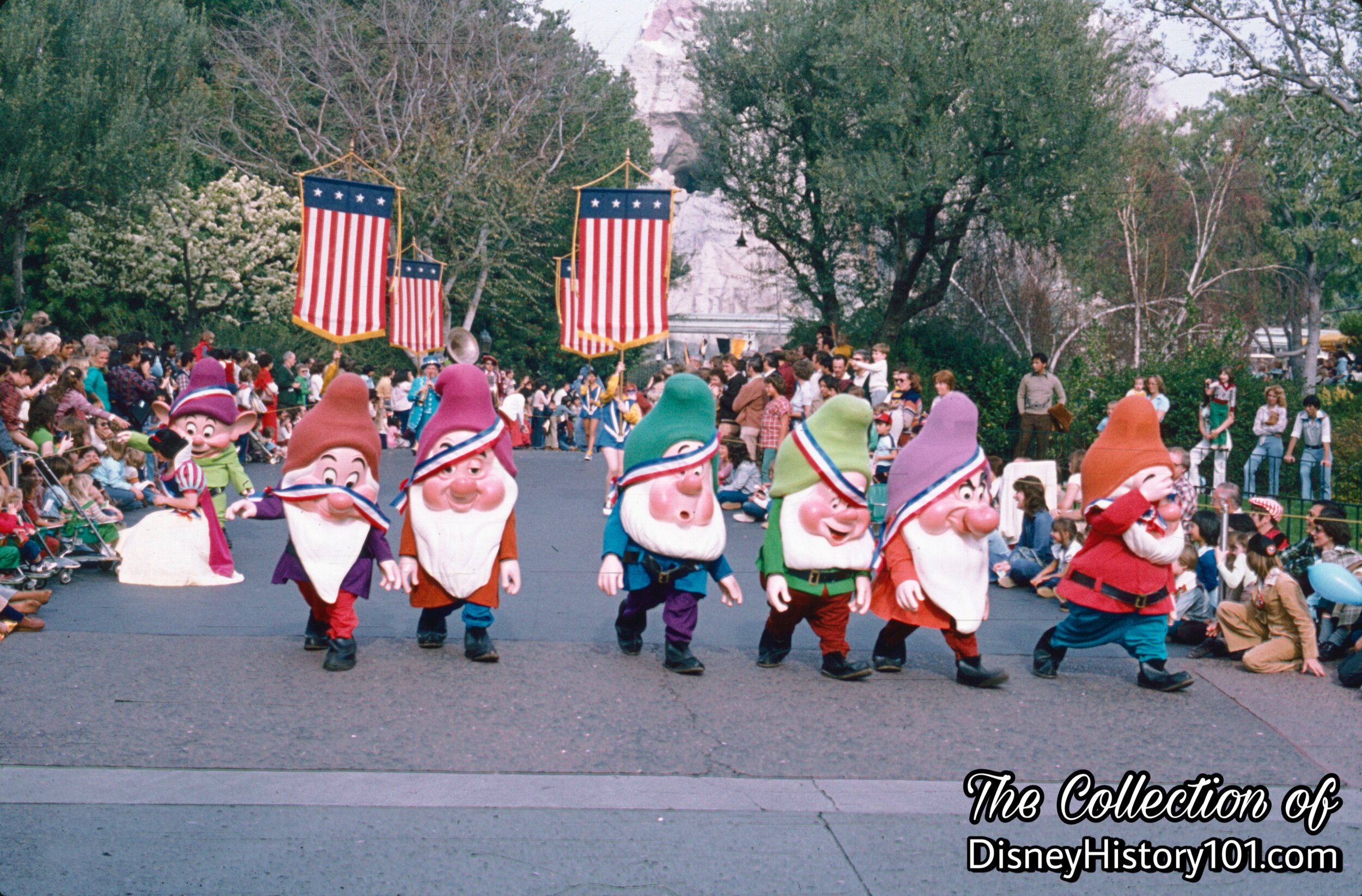
A marathon of Walt Disney’s cast of characters March today, wearing medals in honor of the visiting United States Olympians!
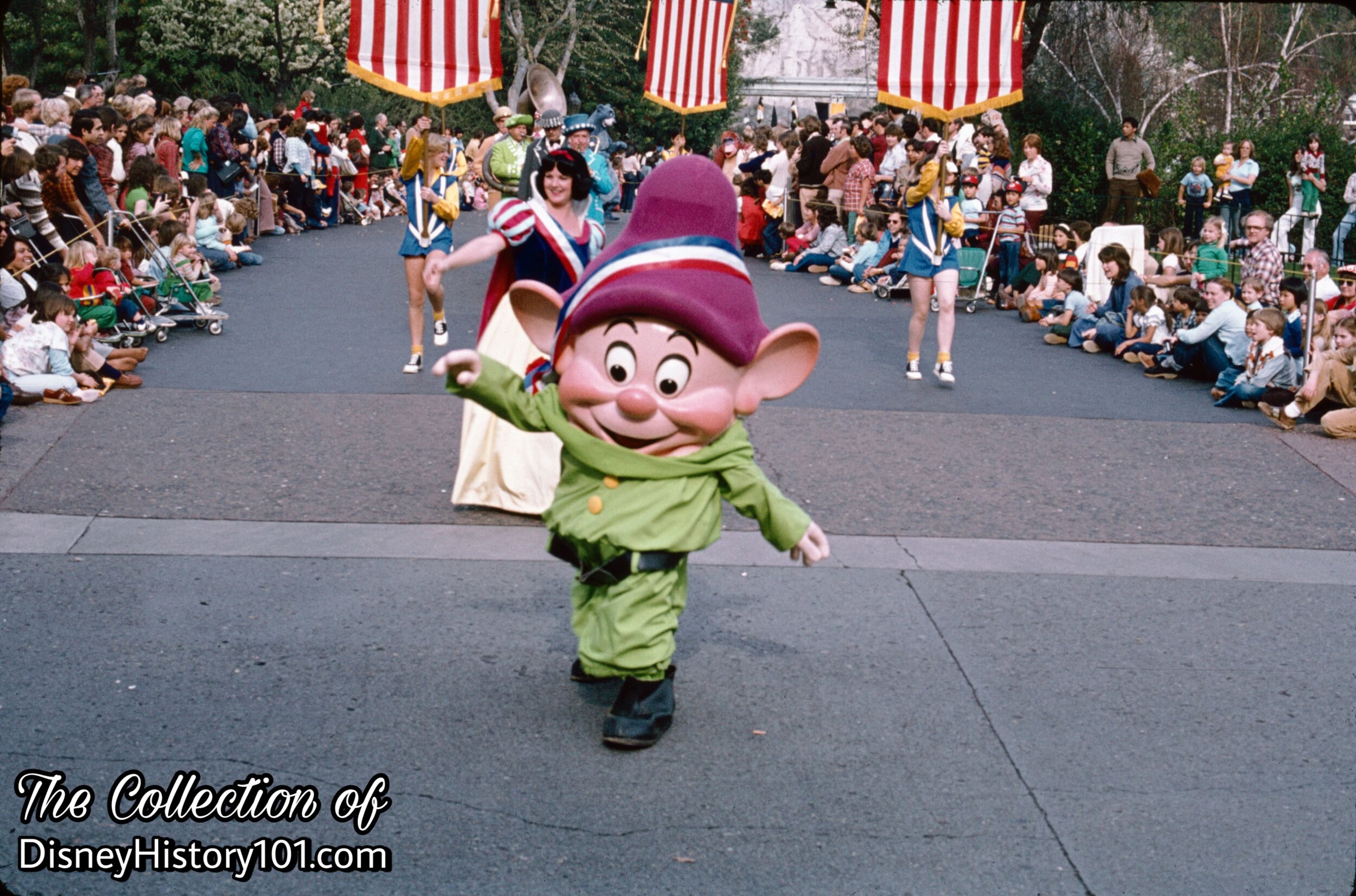
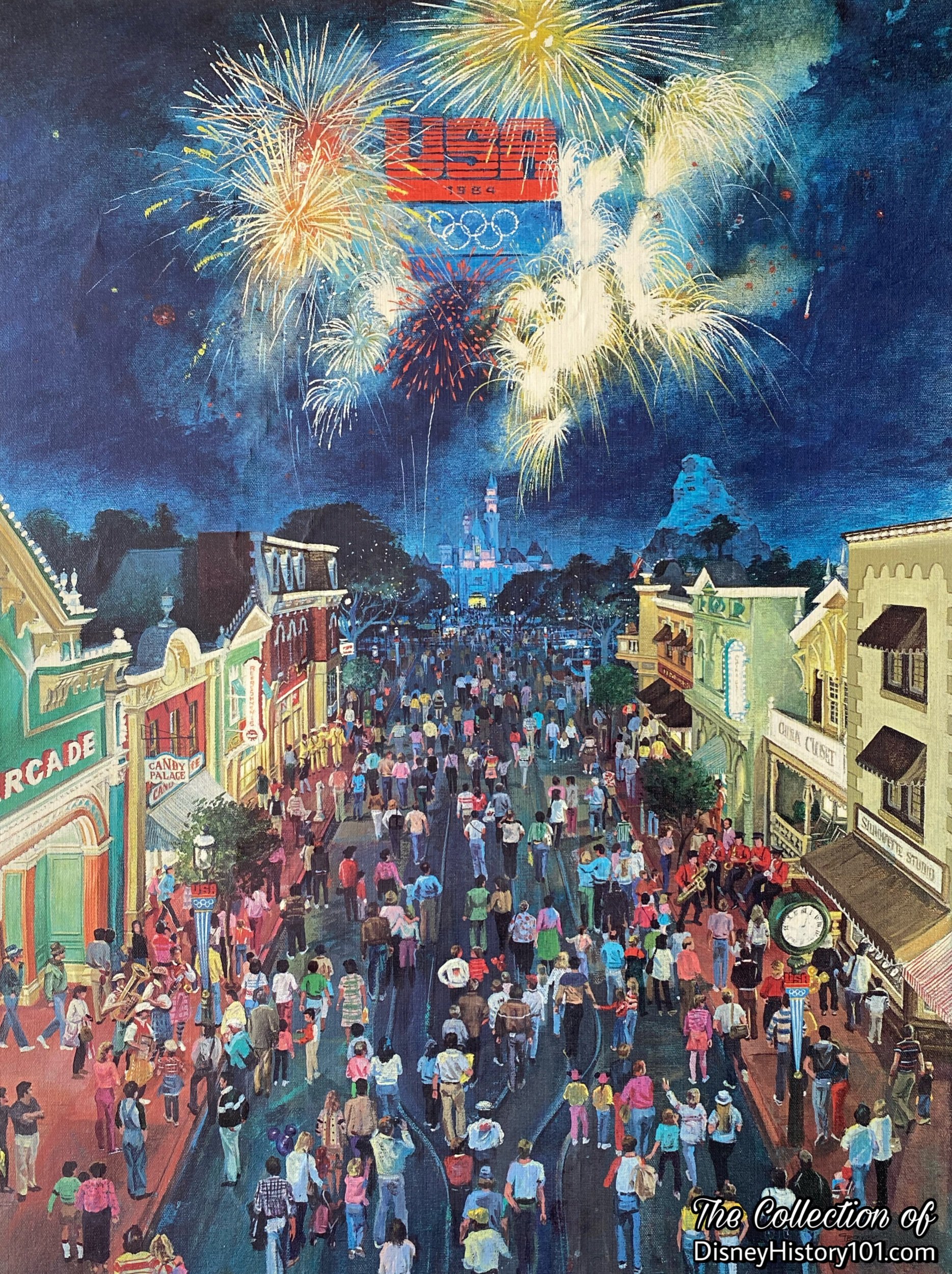
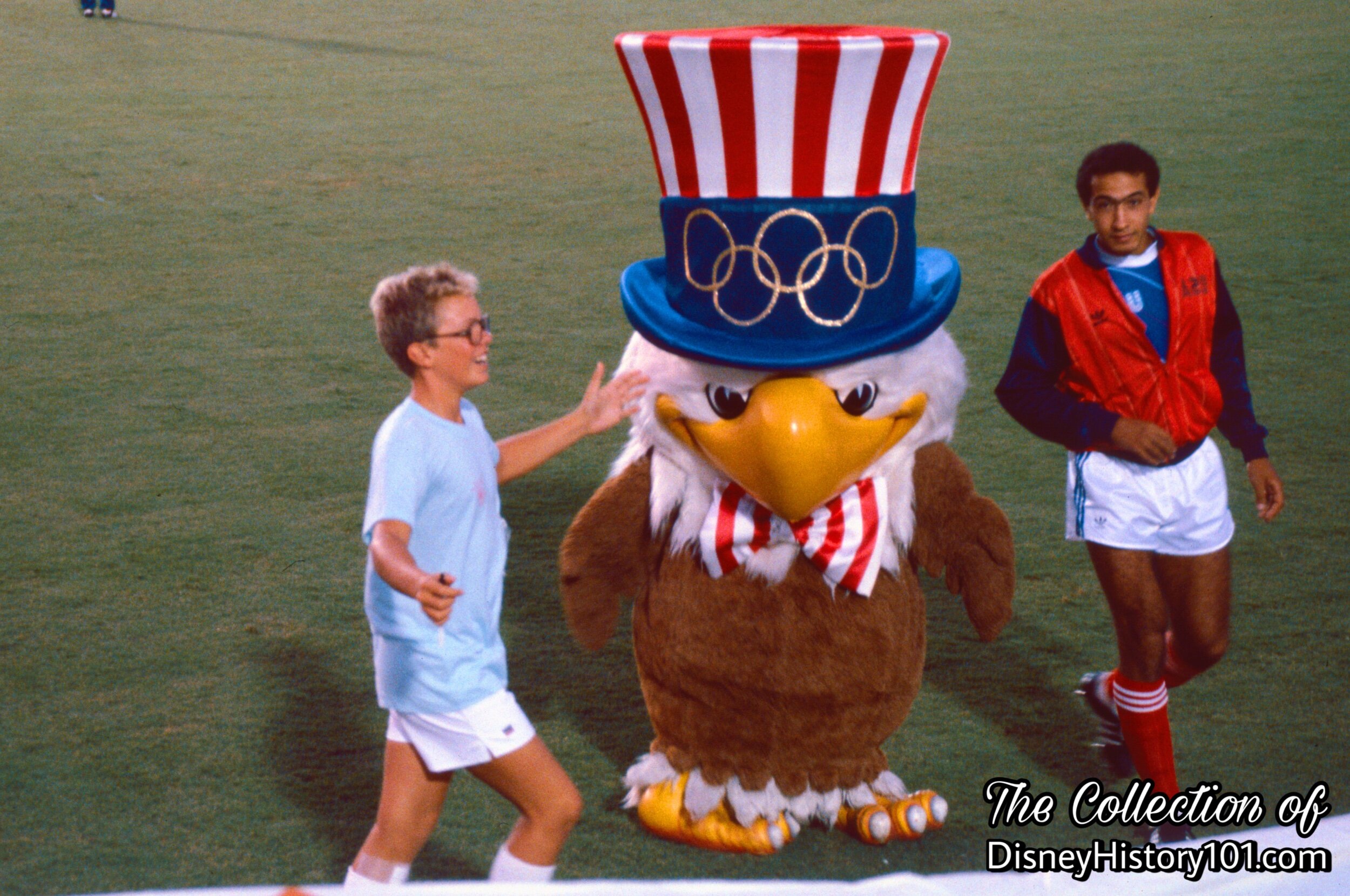
The parade would return again during 1984, in the form of Olympic Spirit Weekends (March 3 & 4, 1984). United States Olympians (and medallists) from various years, were on hand to meet and greet guests (and autograph photos) at several locations around Disneyland (including the Small World Mall). Special photo and autographed sessions with U.S. Olympic athletes. “We the People Ceremony” (narrated by a famous U.S. Olympian) took place twice daily at the Main Street Train Station, both the Flag Raising Ceremony and a Flag Retreat Ceremony occurred once a day at 9:30a.m. and 5:15p.m., and the American Gazette Parade ran twice a day (at 12:00 and 5:30p.m.).
All guests were eligible to win an all-expense paid trip for two to the 1984 Winter Olympics in Sarajevo, Yugoslavia. Three other First Prizes included a trip to Boston, Philadelphia, and Washington D.C. As the slogan “You Deserve a Medal, Too” declared, guests were awarded limited commemorative solid bronze medals (one-of-a-kind Disney collectables) with their Olympic Spirit Passport purchases during this event! The admission tickets were attached to the backs of Adult Passports ($10.00) and Child Passports ($7.00). Other merchandise (like Olympics pins featuring Walt Disney’s characters, and a limited lithograph by Charles Boyer) commemorated the event!
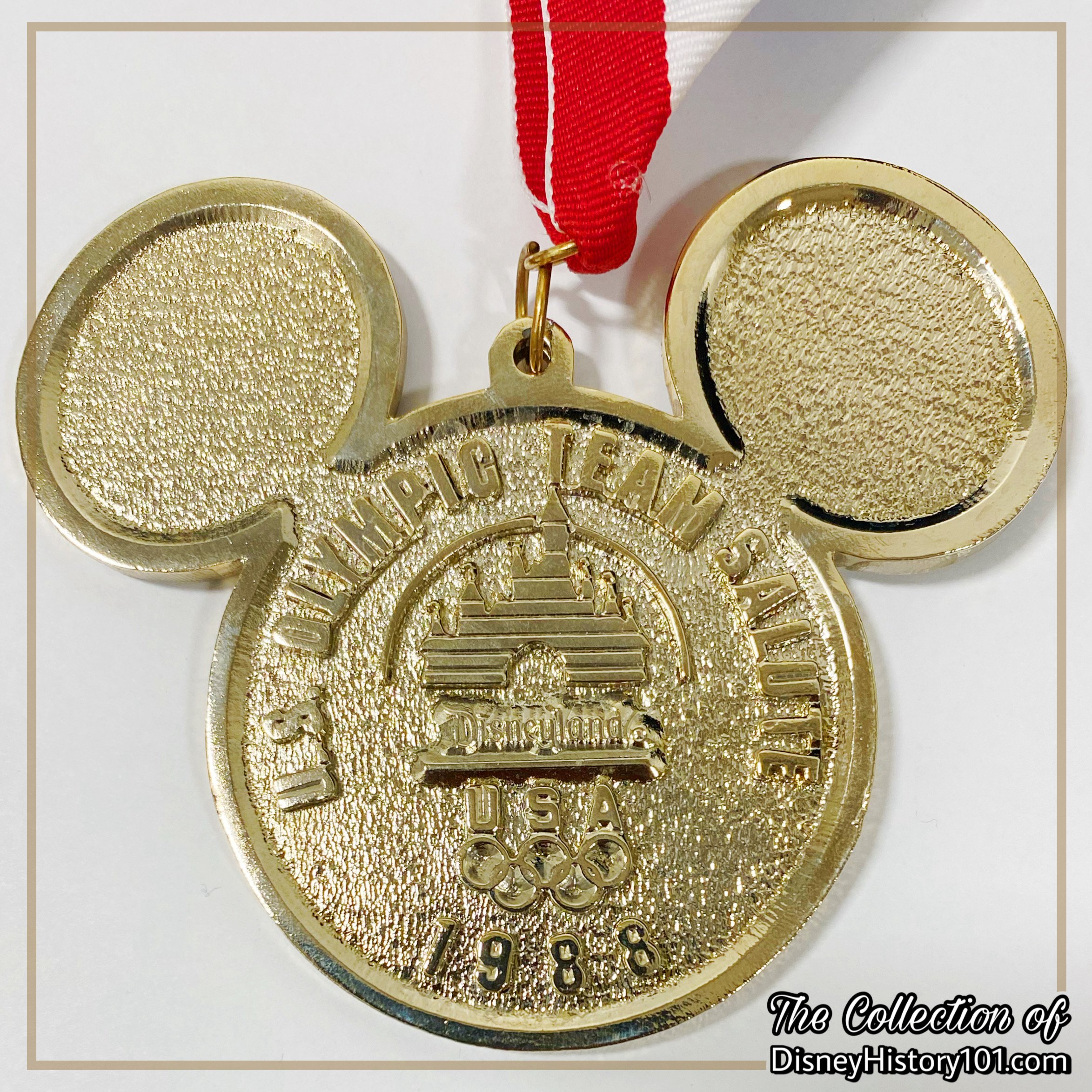
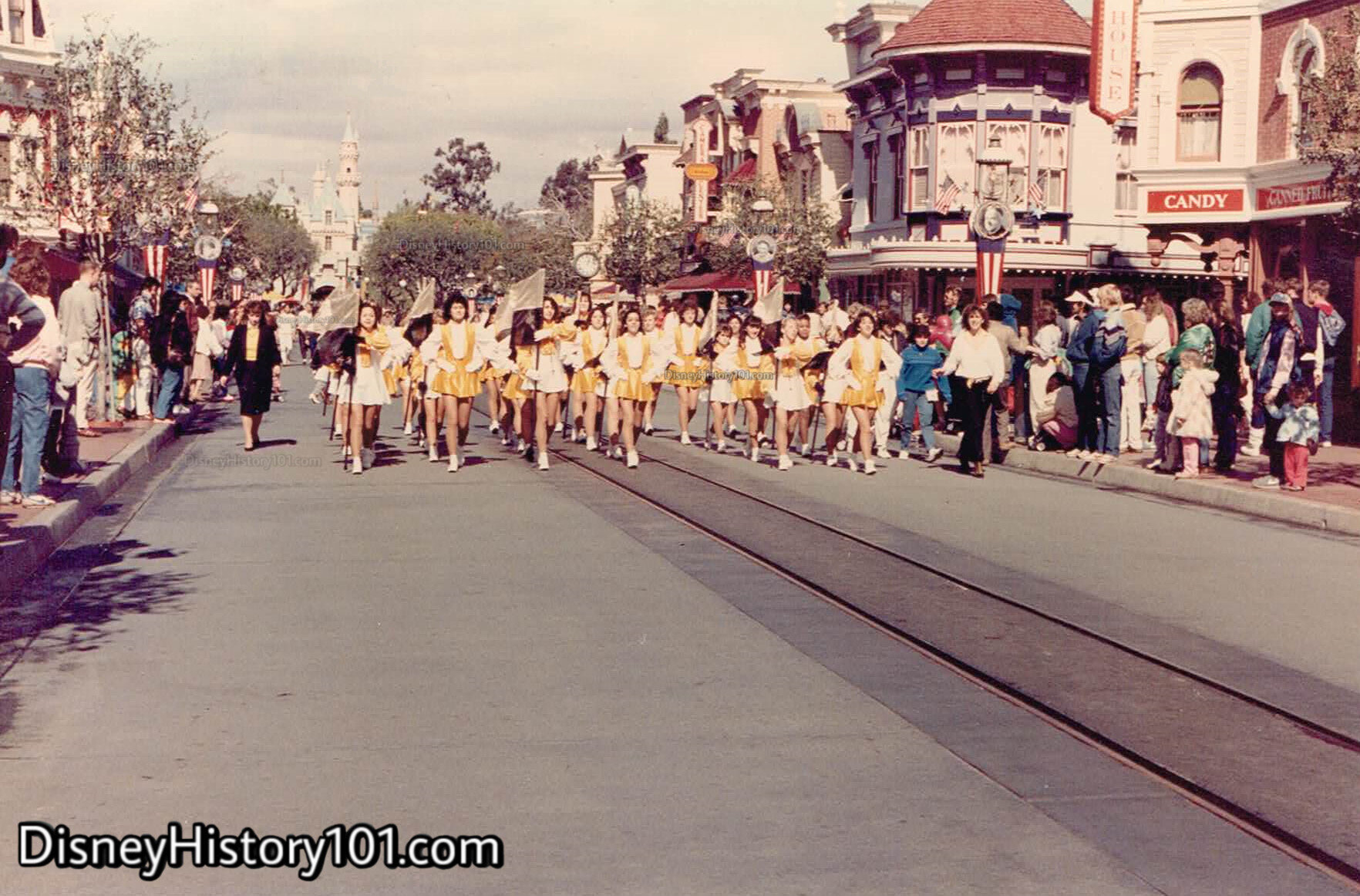
“School Marching Bands on Parade” - Though it was Disneyland’s most well known salute to America, America on Parade was not the first patriotic celebration produced for Disneyland (e.g. the “I Am An American Ceremony,” February 19, 1972, starring high student trumpeters, flag girls, choruses and bands performing patriotic songs as America the Beautiful, God Bless America, I Am An American, Battle Hymn of the Republic, and the Star Spangled Banner). Over the next few years, the tradition of exclusive patriotic parades and shows continued.
“Honor America” (on February 9 & 10, 1980) was celebrated during the 25th anniversary year. The American Gazette Parade (pictured above) also featured a variety of marching bands from a high schools and colleges. This American Gazette Parade was held twice daily - at 1:00 p.m. and 6:00 p.m. during 1983, and later during Disneyland’s 30th year celebration in 1985!
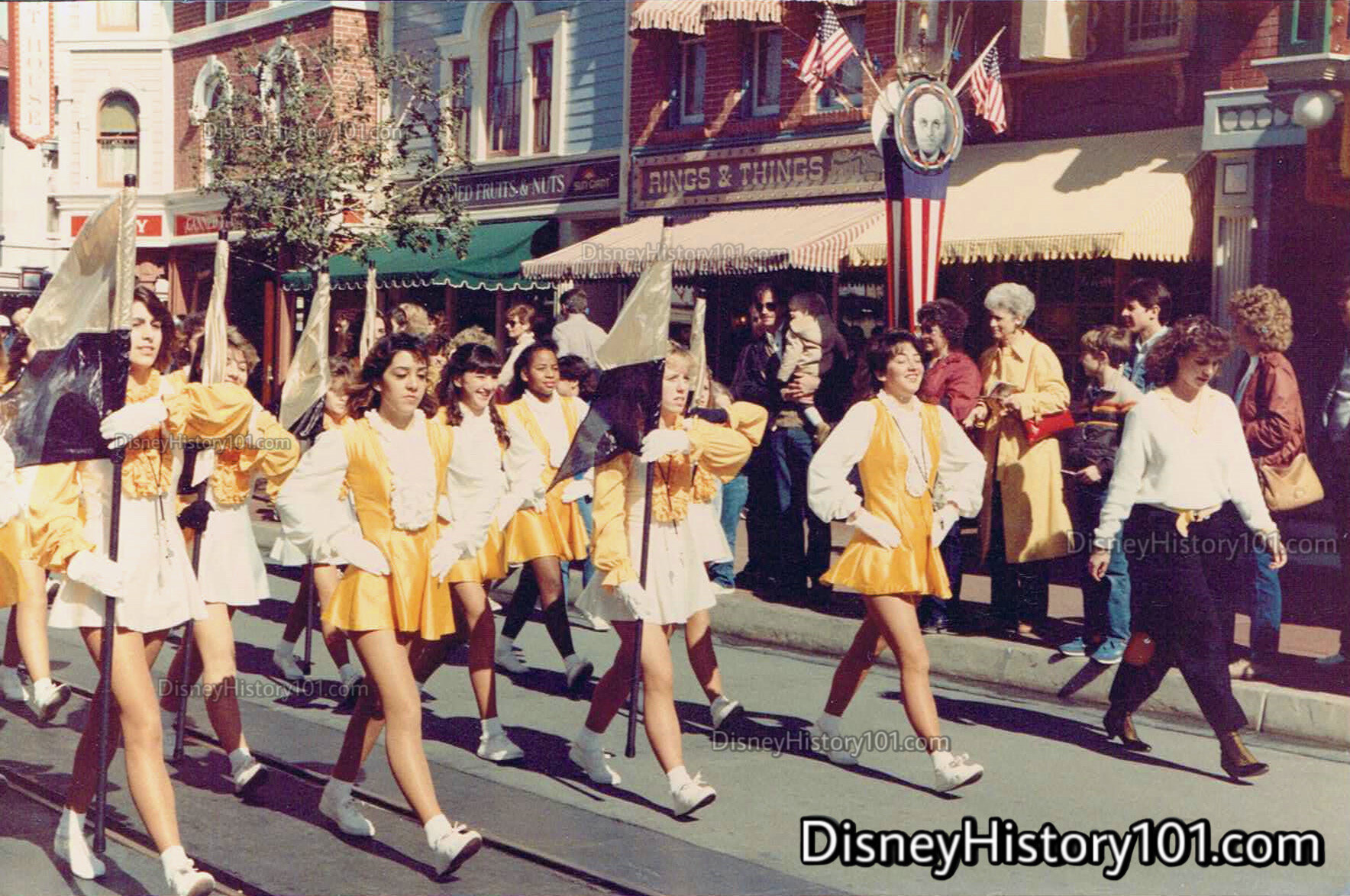
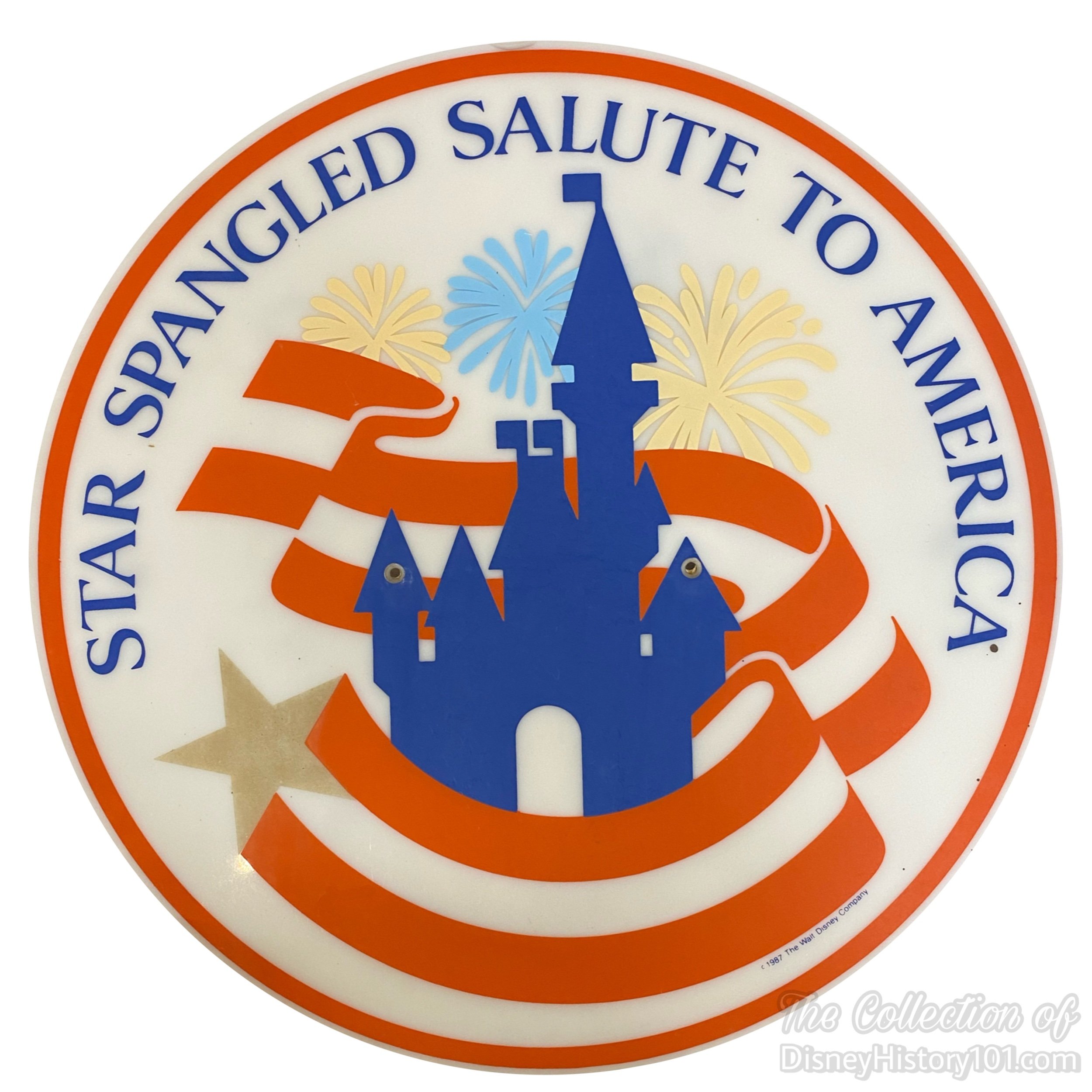
ASTROJETS (and TOMORROWLAND JETS)
For the Rocket Jets “Vintage View” gallery, PLEASE STEP THIS WAY.

*Some sources (as “Disneyland Admission Media Rides and Attractions” report, page 39, published 1971), and other sanctioned sources cite March 24th, 1956 as the attraction’s soft-opening day.
At Disneyland® Park every attraction has a story, and there is a "story behind the story" of every attraction! Disneyland ride-through attractions and adventures are living experiences for guests and have officially been defined as an “individual show, ride, or exhibit designed to produce an entertaining Guest experience. Disney attractions stir the imagination, enliven the senses, and provide the participants with positive, innovative entertainment, which is the essence of the DISNEYLAND Show.” It is important to review the story of the attraction, tell the story, explain it, and create interest. This is the story of AstroJets.
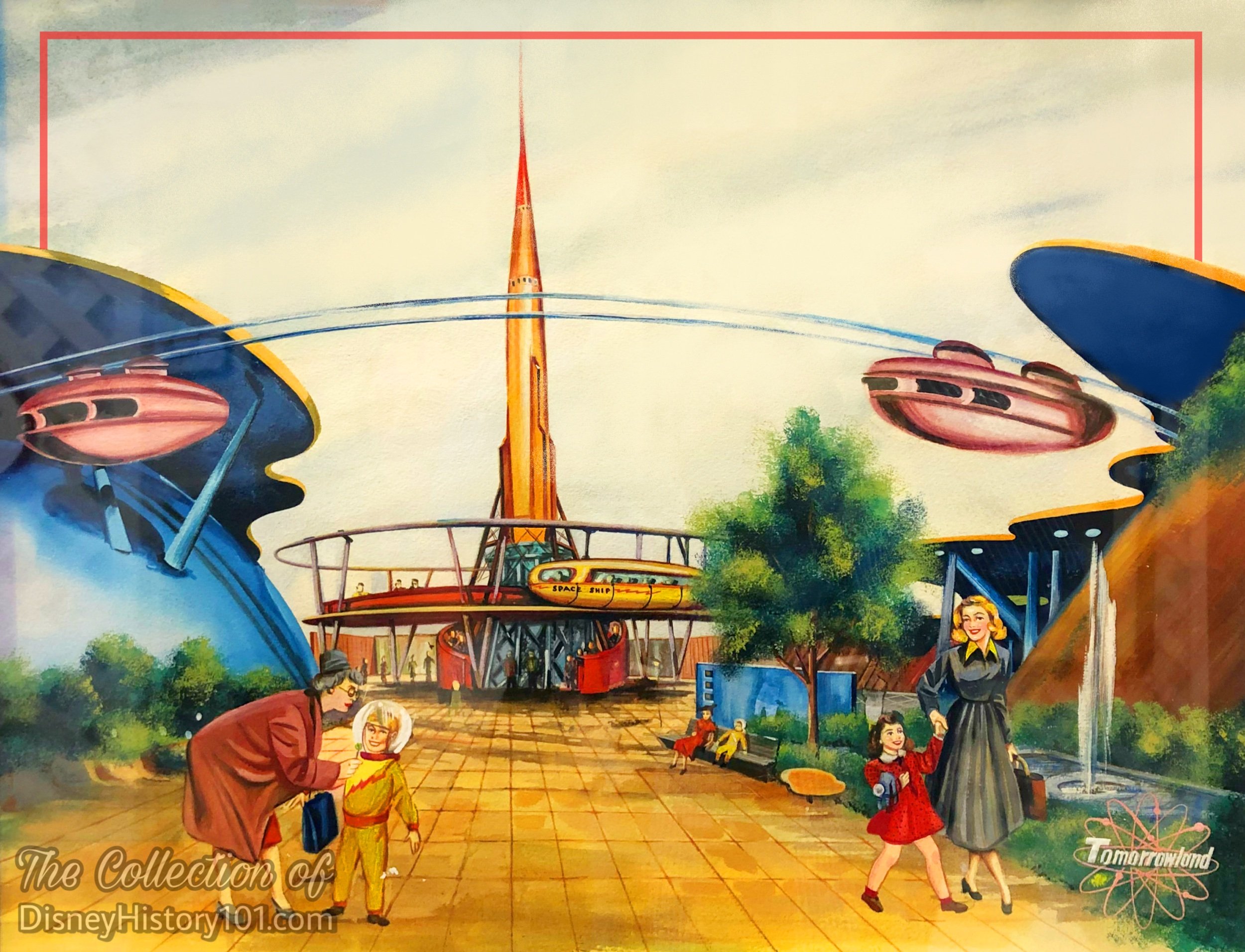
“Blue Sky for the Roto Jet Ride”
You may have heard of Herb Ryman’s iconic “Aerial Over Disneyland” concept drawing! A subsequent document “The Disneyland Story” was produced (on September 26th & 27th, 1953), in order to tell the story of what guests would experience upon entering Disneyland and Tomorrowland. After a detailed 2-page description of the Rocket to the Moon attraction, the document plainly states : “We will have other outer space rides that we will develop as the Park progresses.” The United States Space Program had just begun, so this news must have excited many Americans of all ages.
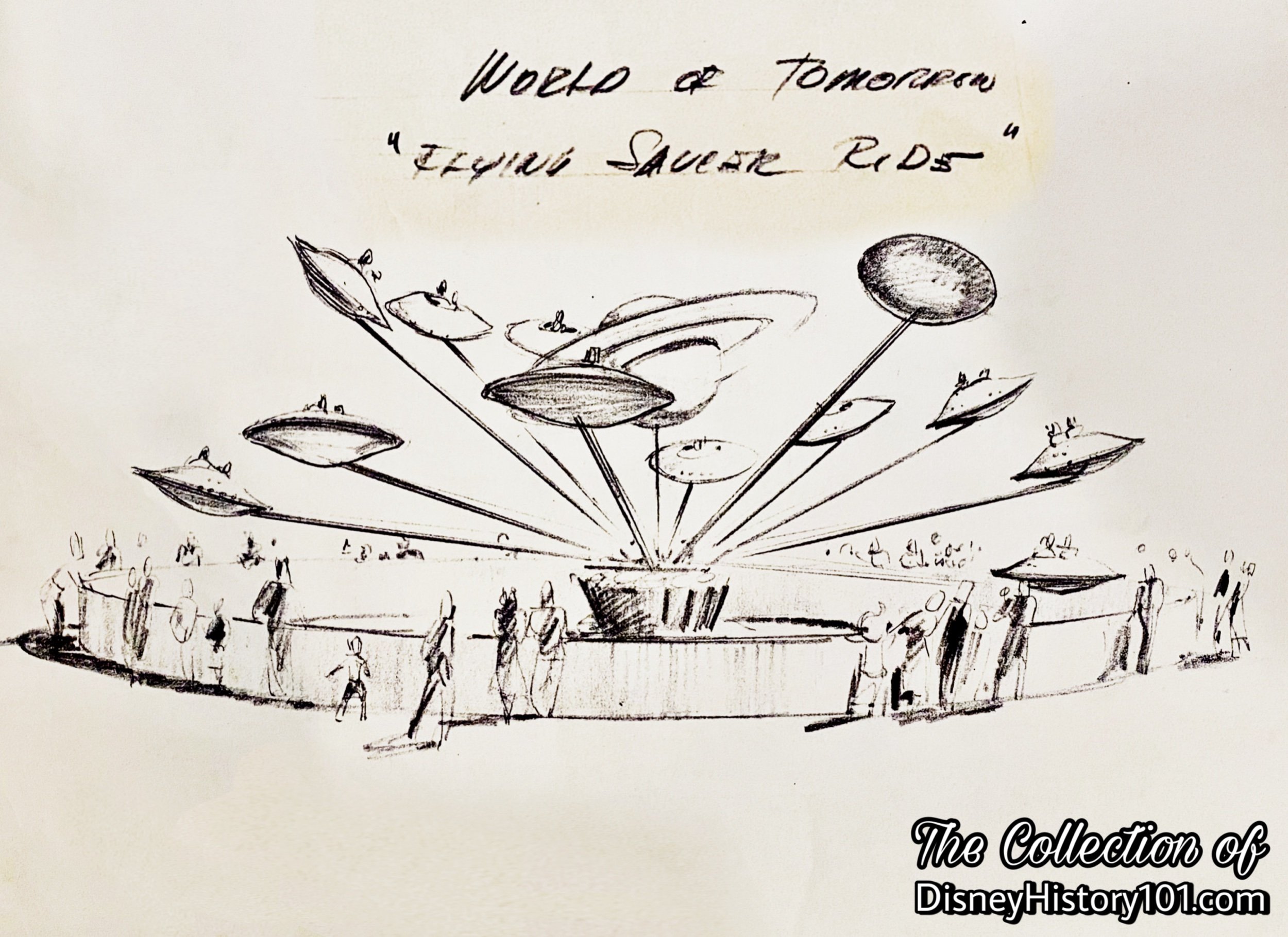
Bruce Bushman (born Francis X. Bruce Bushman) attended Choinard Institute and was hired by Walt Disney Studios. He went on to fulfill the role of layout artist for several Walt Disney Productions. In 1954 Bruce served as layout artist for “Casey Bats Again,” “Social Lion,” and “Daisy’s Diary” (1954) before working on Walt Disney’s Disneyland! By 1954, Bruce Bushman was employed byBradley & Kaye and he began creating concepts for Rocket and Flying Saucers attractions. However, Tomorrowland opened on July 17th, 1955 without flying saucers and just one space-themed adventure - Space Station X-1.
Still, Walt Disney promised expansions for Tomorrowland when he announced, “Disneyland will continue to grow, to add new things, as long as there is imagination left in the world.” Walt Disney, on the eve of Disneyland’s first day of operation, promised that “Disneyland will never be completed. It will continue to grow, to add new things, as long as there is imagination left in the world.” The year 1956 brought many imaginative, new Park attractions, proving quickly the truth of Walt Disney’s words of an ever-expanding Disneyland! Two of these additions were part of a one million dollar Tomorrowland expansion. The presentation of the AstroJets show on the vast DISNEYLAND “stage” would become a distinct part of the Disneyland theater concept.
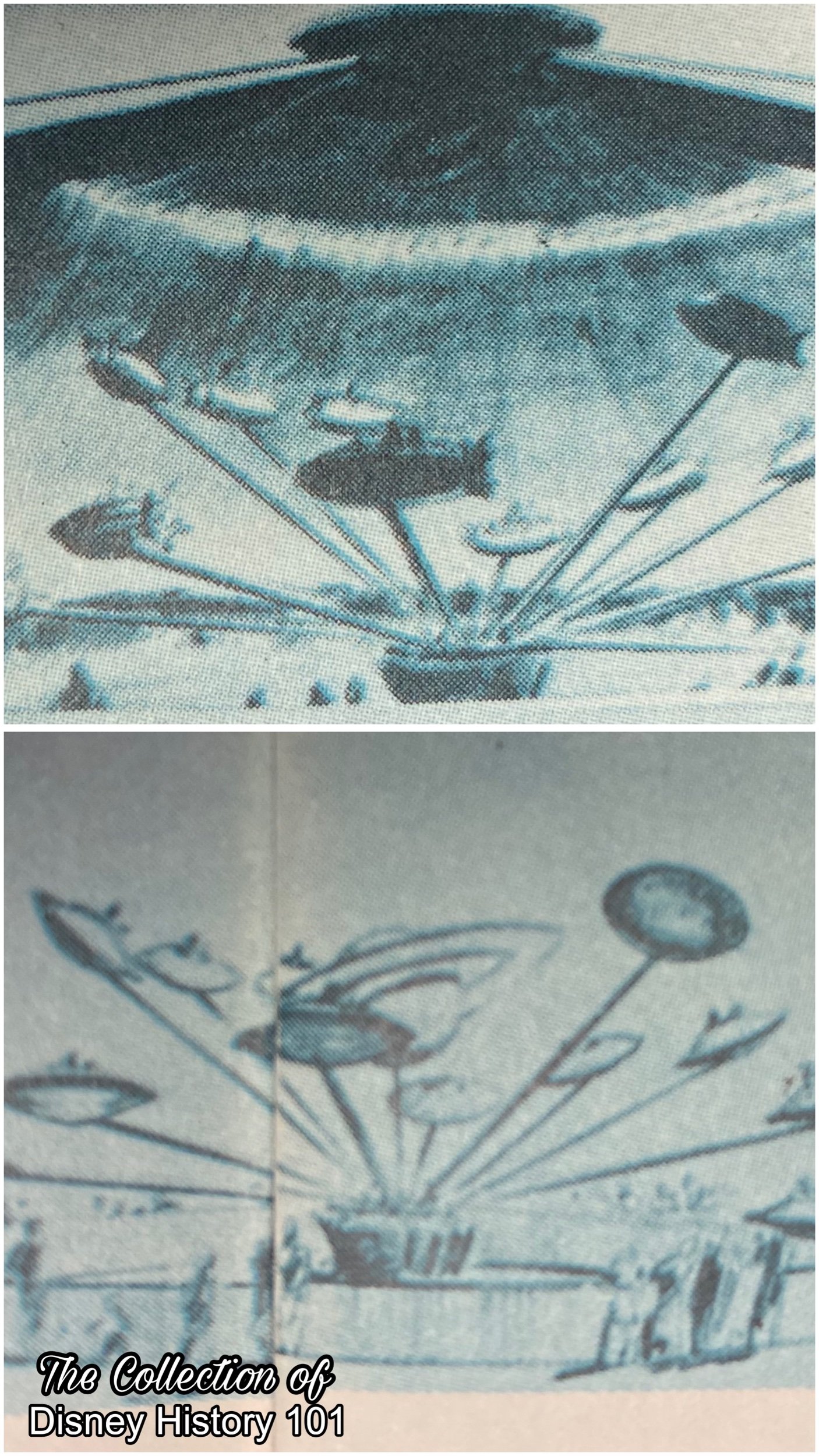
“Master Planning a Roto Jet Ride”
A “Roto Jet Ride“ was perhaps first mentioned in the minutes recorded in a Disneyland Merchant's Association Meeting (held January 25, 1956): “There is a new model that has never been used in the U.S. before. This will be in the spot where the 48 flags are now. These cars are maneuverable by the driver and are quite exciting, Ride capacity is 480 per hour or 4,000 per day. The 48 flags will be moved up to the entrance to Tomorrowland. The plan is to establish some billboards between the flags to tell what is in Tomorrowland.”
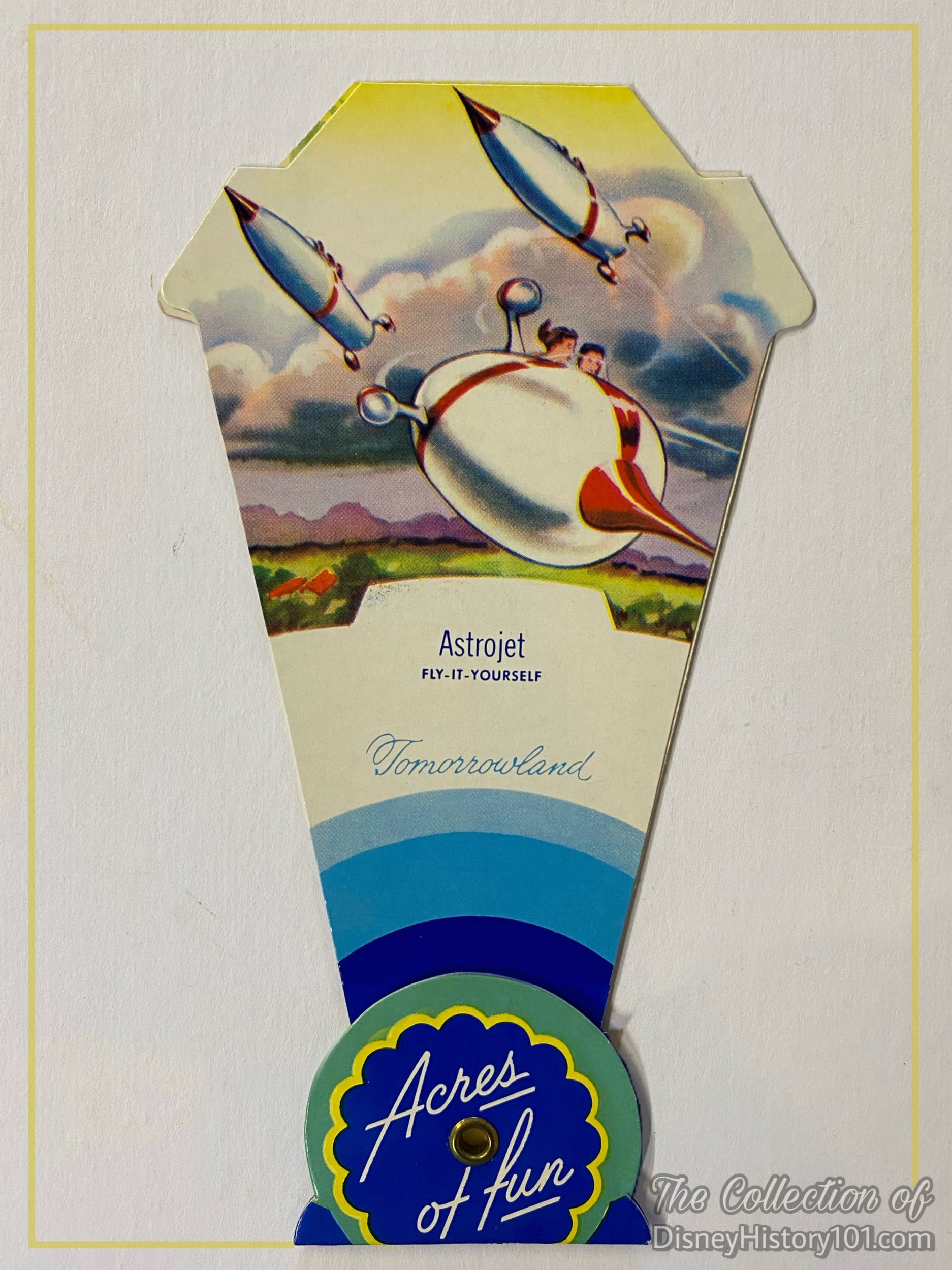
Lessees weren’t the only ones privy to knowledge of the coming attraction. Subscribers of “The Disneyland News” would soon read about the “Super Jet… an advanced design version of a ride that was recently developed in Europe,” [“Disneyland Expansion Plans Revealed - New Rides and Exhibits To be Ready by June 1,” The Disneyland News’ (Vol.1 - No.8 ; February 10, 1956)]. Imagery of the forthcoming attraction also began to become the subject of licensed Disneyland merchandise as the Acres of Fun souvenir fan.
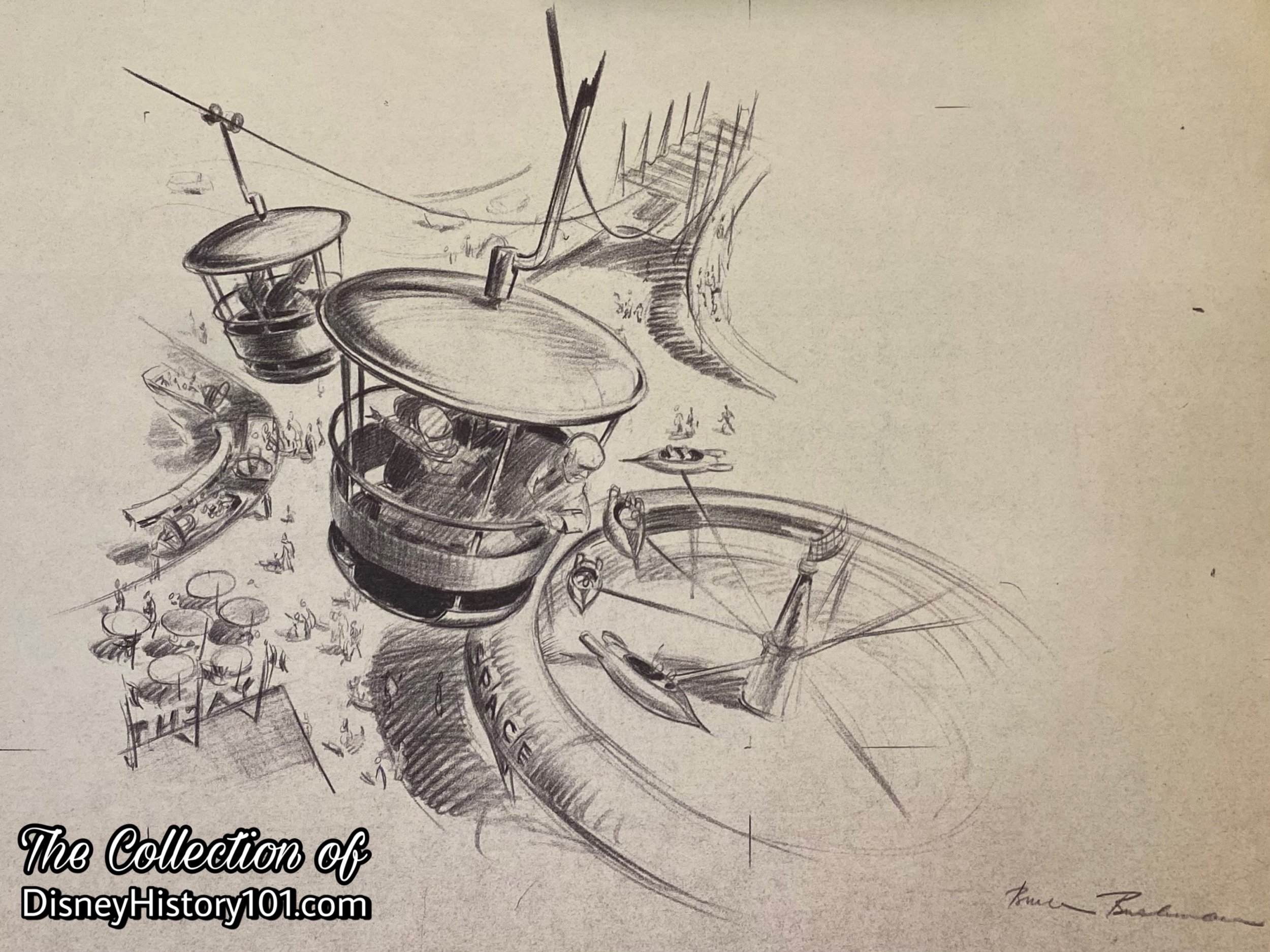
“Concept”
Soon, (before Disneyland’s big summer season even began), the “First Annual Report to Disneyland Lessees” (prepared in February of 1956, by Ed Ettinger and the Disneyland Public Relations of Disneyland, Inc.) described the “Astrojet” which “promises to be a real spectacular in a place where the spectacular is accepted as commonplace. This ride, as modern as tomorrow’s news, will offer participants a preview of ‘Outer Space Flight.’ Passengers will ride in aero-jet gondolas suspended from 30-foot booms attached to a rotating central tower. The jets will be controlled individually by the passengers in each gondola. Levers inside the cars will allow the flyers to raise or lower their cars at will.”
According to Disneyland postcards printed during 1956, this attraction was to be “an advance version of the roto-jet and the only ride of this type now operating in the United States. It was invented, developed, and manufactured by the Klaus Company of Memmington, Bavaria.” The original concept was to feature “twelve cars, shaped aerodynamically,” at the end of “24-foot booms attached to a central tower. As the central tower turns, the cars will go up, to a height of 36 feet, or down, as the individual operator manipulates control levers inside the jet.”
In preparing a sketch for the poster design that promoted the forthcoming Skyway over Tomorrowland, artist Bruce Bushman referenced several attractions including the AstroJets. The AstroJets were assuredly being developed for Disneyland Park.
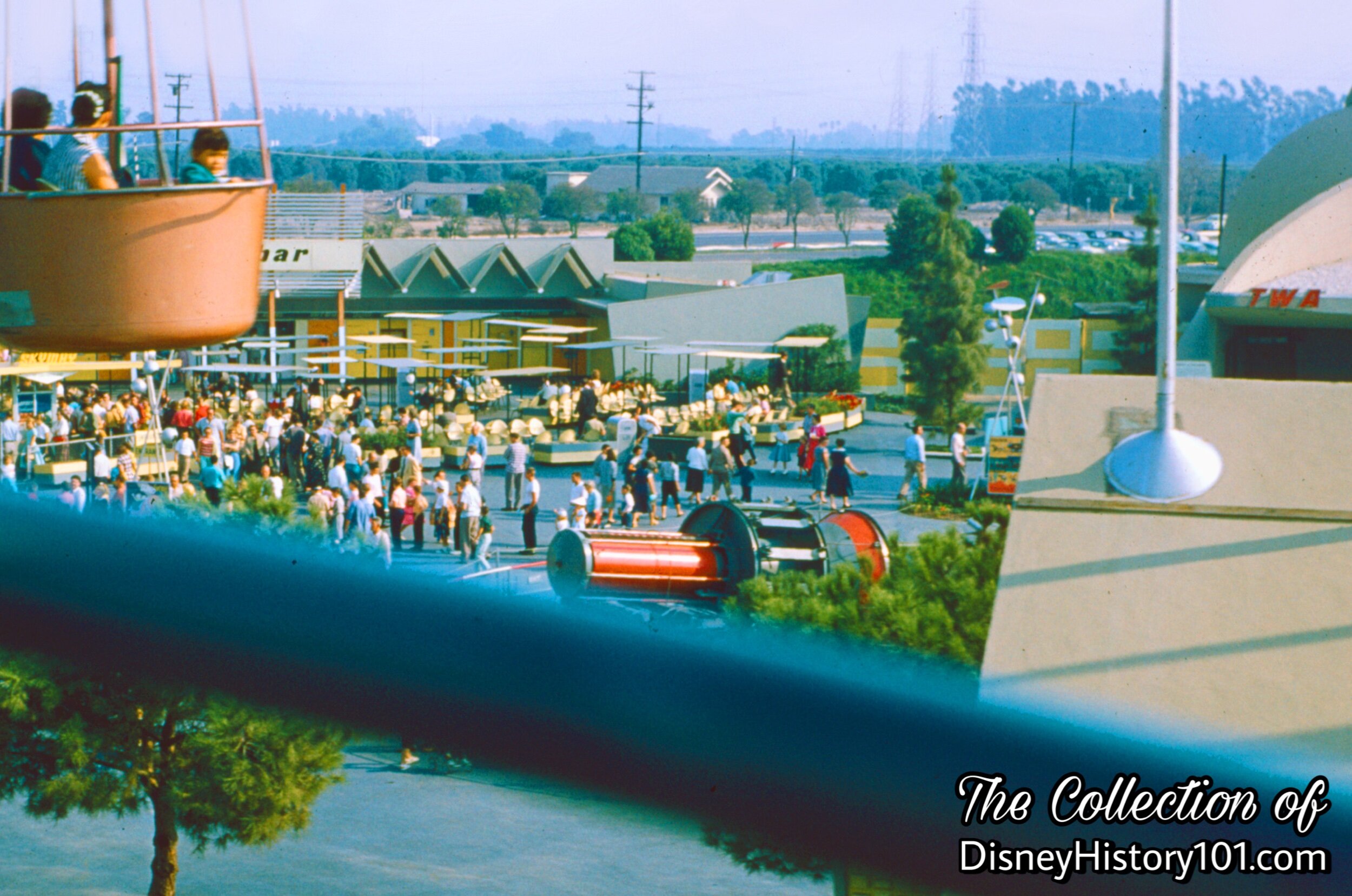
“Installation”
Now, thanks to ride importer Eric Wedemeyer Inc., the attraction was not the first of its kind, as it seems that nine Roto-Jets were imported into North America from 1954 to 1956 (for example Klaus’ Satellite Jets, opened 1954, at Palisades Park). This was also not the first attraction of its kind at Disneyland for that matter, considering that Dumbo Flying Elephants (an opening day attraction in Fantasyland) was a custom version of the Roto-Jets. Yes, in the heart of Tomorrowland (on the exact site of the Court of Honor) and adjacent to the Moonliner rocket and the Flight To The Moon, guests could soon board, test pilot, and “break the sound barrier” aboard their personal Astro-Jet!
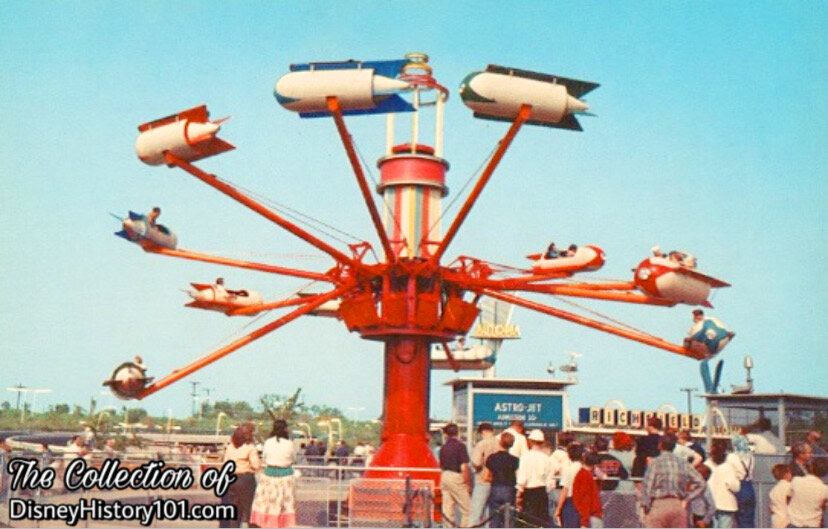
“Final Preparation”
Note the colors of the jets in the image above. At least one Disneyland Souvenir Postcard preserves a “Vintage View” of the original red, blue, and green “Astro-Jets”(as well as the original hyphenated name on the Ticket Booth). You may also notice colorfully-striped central support. It was only a month after the soft-opening, when Walt’s artists changed the colors of the Astro Jets to blue and red (and added a red and white checkered pattern to the Central Tower support) before the opening ceremony. 1956 Pictorial Souvenir Guides would swiftly feature a photograph of the updated (blue and red) color scheme (though early licensed merchandise still featured the red, blue, green, and yellow color scheme as late as 1957). Lastly, you may note a most important detail - that none of the Astro-Jets have no names on them at this point in time!
“The AstroJets Attraction Poster”
According to “Disneyland Attraction Posters: 40 Years of Visual Adventure” by Margaret Shumate, published in Walt Disney Collector Society “Sketches” periodical: “With his usual attention to every detail of his beloved park, Walt Disney personally reviewed and approved each finished piece of poster art until his death in 1966.”
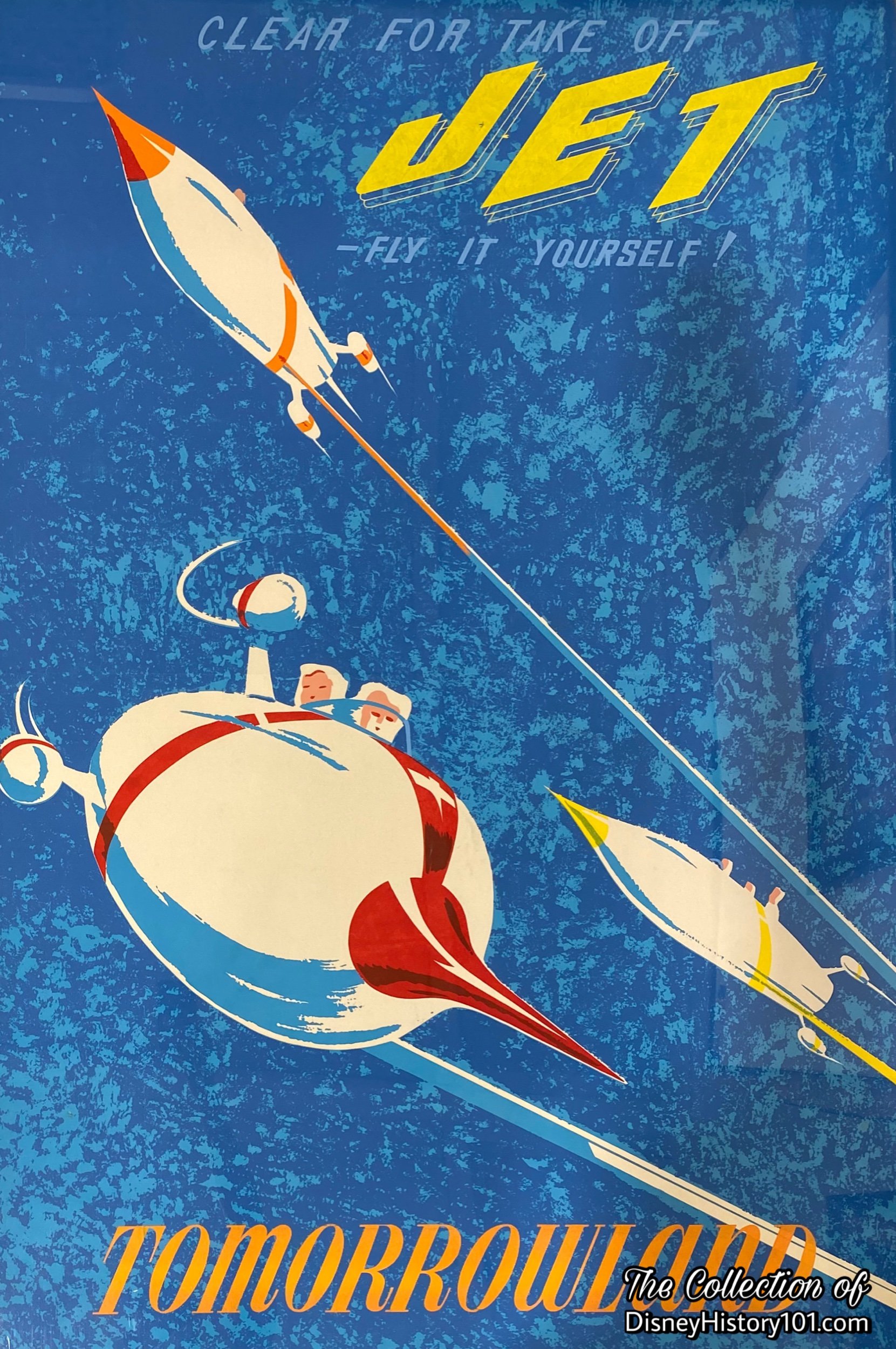
“Grand Opening”
The name of the attraction seemed to be one of the last sure things. The Disneyland News (published for March 10, 1956) began to describe the “Super Jet… a participation type ride that guests will be able to control by manipulation of levers inside the aero-jet cars.” Despite the fact that “News From Disneyland” (a press release, published 1956) mentioned “the super roto-jet…scheduled to open about April 1,” the launch was delayed and the “blast off” occurred the following day.
The Disneyland News reported on the opening ceremonies of April 2nd, 1956 : “Disneyland’s first major new ride - the Astro Jet - was opened Monday, April 2 with a fanfare and ceremony that included participation by members of the three flying arms of the United States military services. Personnel from the El Toro Marine Air Station, the 11th Naval District Headquarters at Long Beach were on hand to make the first ‘official’ flight in the Astro Jet.
The day’s activities got under way promptly at 11:15 a.m. with the arrival of the jet pilots in Tomorrowland at the wheels of Autopia Cars following a Parade down Disneyland’s Main Street. Director of Customer Relations Jack Sayers introduced the aces, many of them flight veterans with the hundreds of hours of jet flying time to their credit. Soloing with the flyers were youngsters from the Los Angeles and Orange County area, visitors to Disneyland that day. Also on hand and lending color to the ceremony were Disneyland’s Space Man K-7, and the futuristically clad Space Girl, the Disneyland Band, under the direction of Vesey Walker, provided appropriate musical background.
Following the dedication flight by the jet aces the assembled crowd was treated to an exhibition of precision flying given by the Disneyland Air Force, composed of volunteers recruited from various departments and leasee employees, under group captain John Miller. A special luncheon honoring the participants was held in the Red Wagon Inn following the special event.
Airmen who took part on the ceremony included Navy pilots Lieutenant JG Jerry J. Jester and Lieutenant JG Charles Steele from the 11th Naval District in San Diego ; Marine Pilots Captain Morris Eliasof and Lieutenant Edward Williams. Youngsters who flew with the jet aces were Glen Sherman, Jimmy Murray, Billy [K.]… and Timothy [D.]…of Los Angeles and Michael [L.] and Eric [B.] of Orange County.”
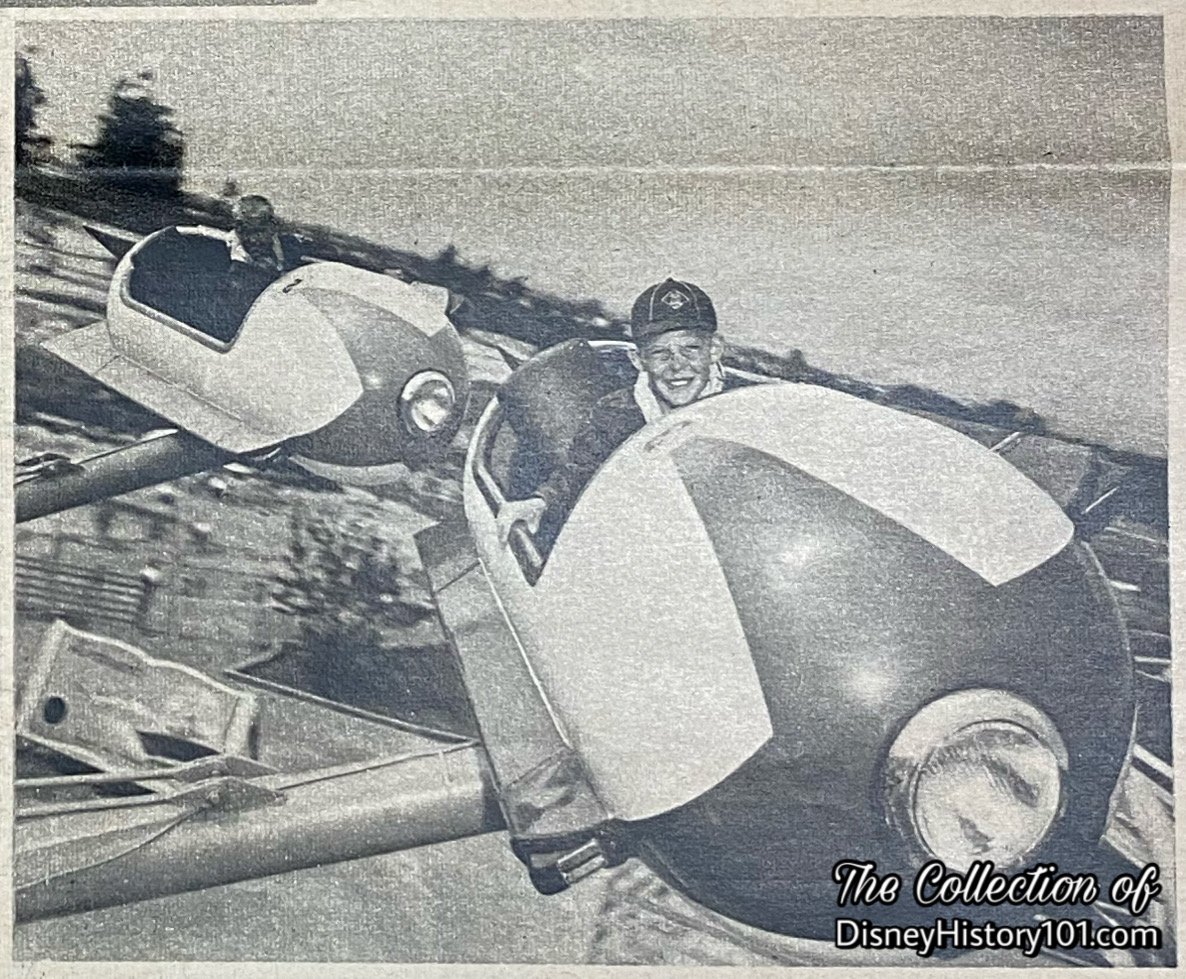
Walt Disney had “promised that his ‘Disneyland Story’ will never be completed,” according to “Walt Disney’s Guide to Disneyland” published 1956. Even after the opening dedication and fanfare, changes were coming that would further distinguish Walt’s attraction from those at other amusement centers and parks (attested to by that storybook-shaped advertisement on the ground, in the previous excerpt). Thirteen names were given to each Astro Jet. While according to some sources, thirteen AstroJets were to be emblazoned with the names of brightly burning stars, there were only ever a total of 12 Astro Jets attached to the attraction’s 12 booms at any given time.
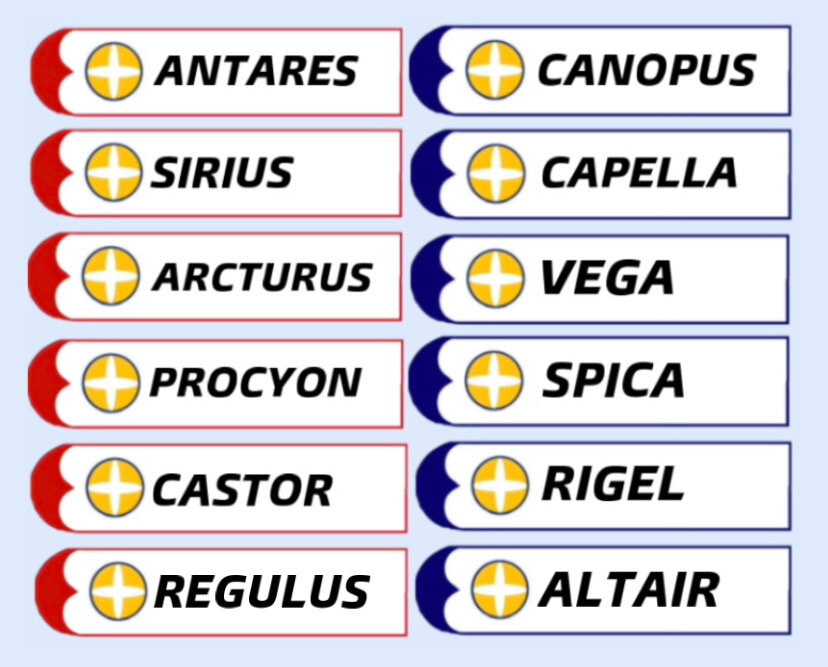
“When Disneyland's present ‘realm of the future’ was designed in the early 1950's, Early Bird, Gemini and Apollo were space-age terms of the distant future. Even the household word ‘astronaut’ was still to be coined.”
WED Enterprises employee John Hench suggested the following names - Altair, Antares, Arcturus, Canopus, Capella, Castor, Pica (which cannot be confirmed to have been utilized), Procyon, Regulus, Rigel, Sirius, Spica, and Vega. Sometime after these names were added, footage of the AstroJets was shot and included in “Disneyland U.S.A.” (a People and Places feature film, distributed December 20, 1956, by Buena Vista Film Distribution).
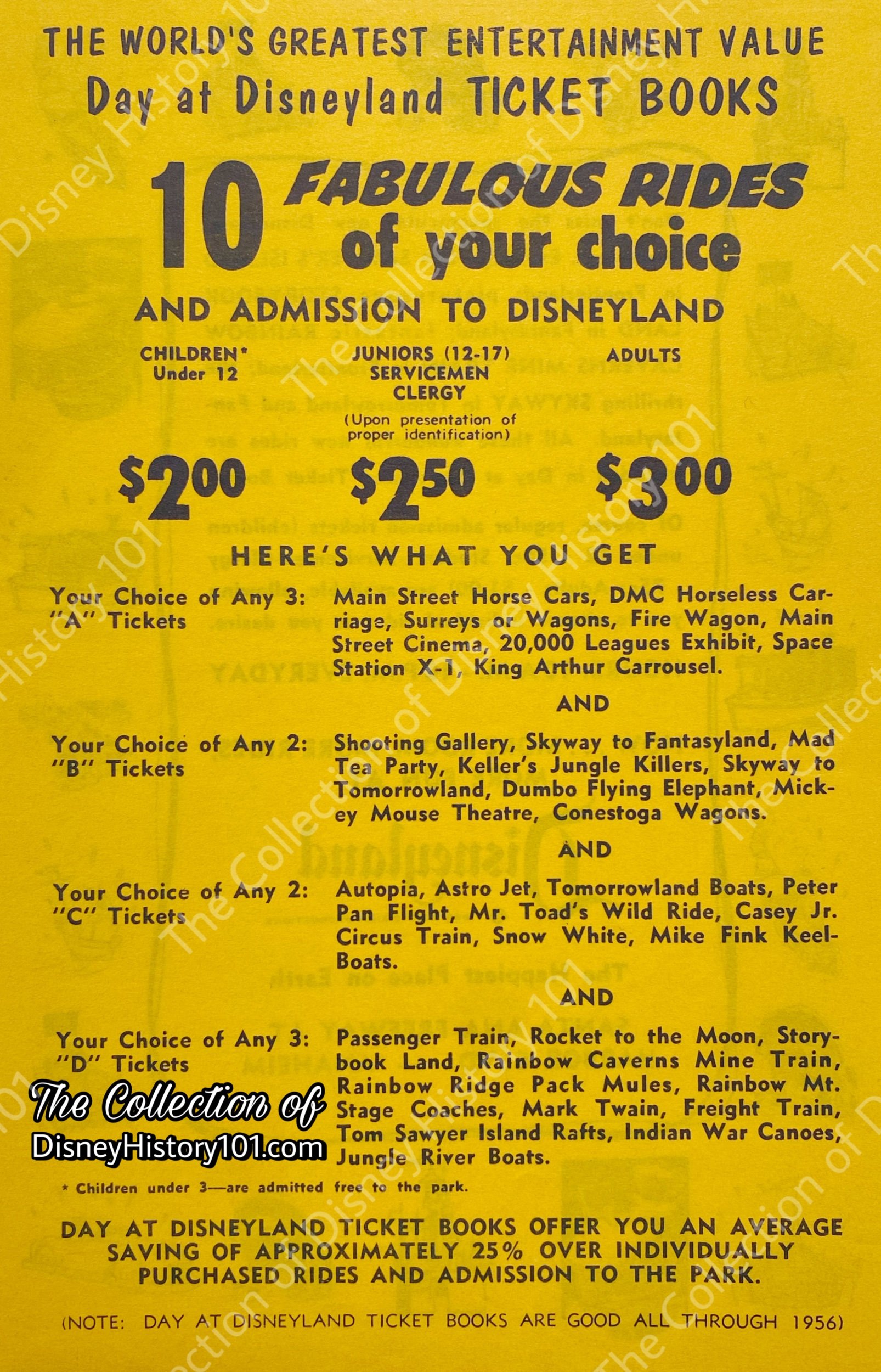
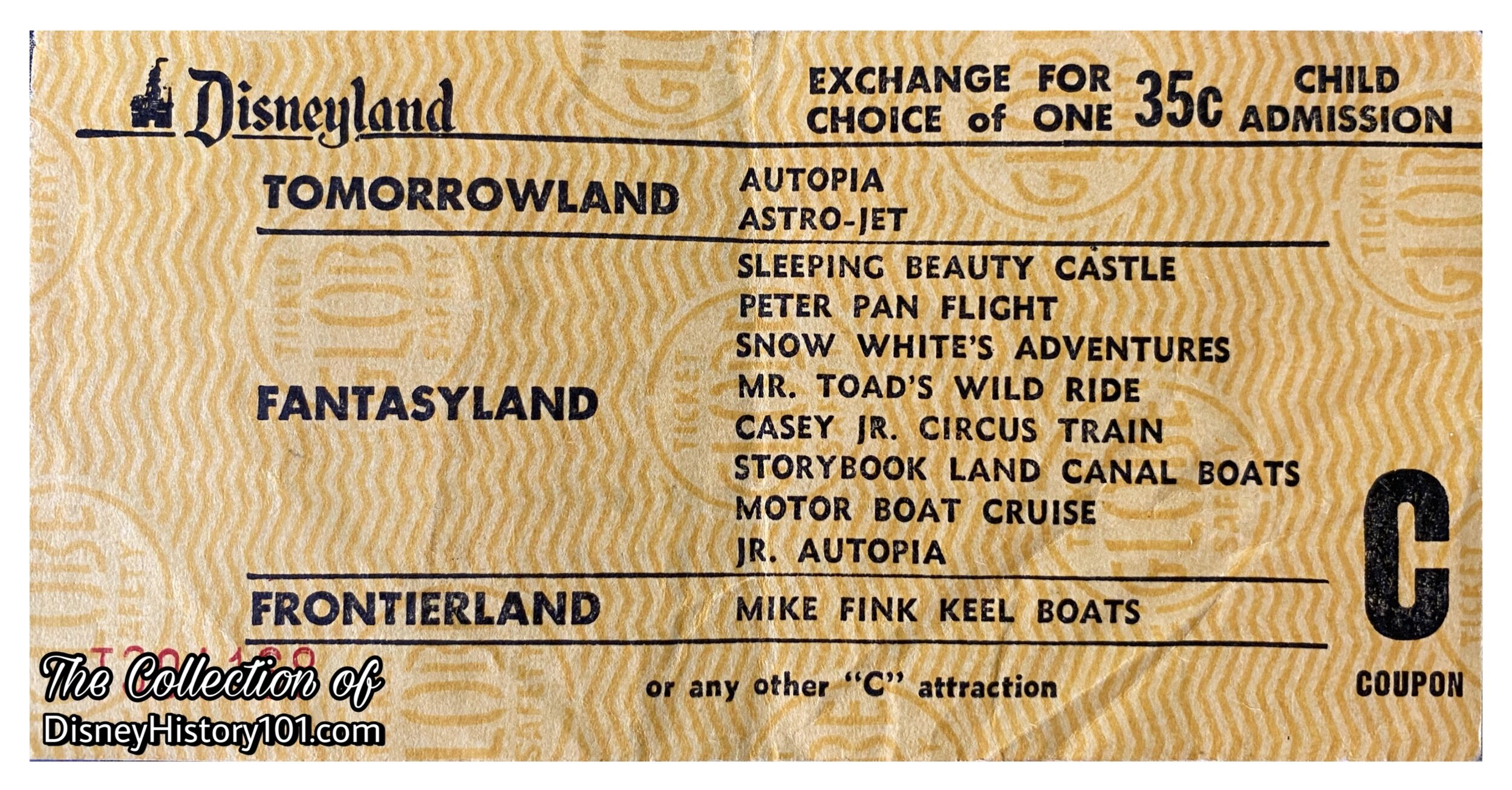
Like most Disneyland attractions, the AstroJets had its own Ticket Booth. Here, Guests found the original price of admission for one flight aboard a red, green or blue rocket, was a “C” Coupon (or, a mere 35 cents). The Astro-Jets attraction was so popular that a version of the attraction was later built for Hershey Park, in Hershey, Pennsylvania. The exciting attractions debuting during 1956, increased ride capacity, and during one day in August, a peak total of “197,547 individual rides” were enjoyed by Guests (according to a letter from Walt to Ward Kimball, dated January 23, 1957).
By September of 1958, an appraisal of Disneyland “land improvement” assets valued the AstroJets at $83,722.

There were many flight-based attractions in the hub of Tomorrowland (c. 1960s), including the Rocket to the Moon, the Flight Circle (where model jets performed high-flying tricks, while controlled by operators on the ground), and the AstroJets! Guests who wondered what it would be like to soar over Tomorrowland in the cockpit of a miniature jet looked no further than the Astrojets!
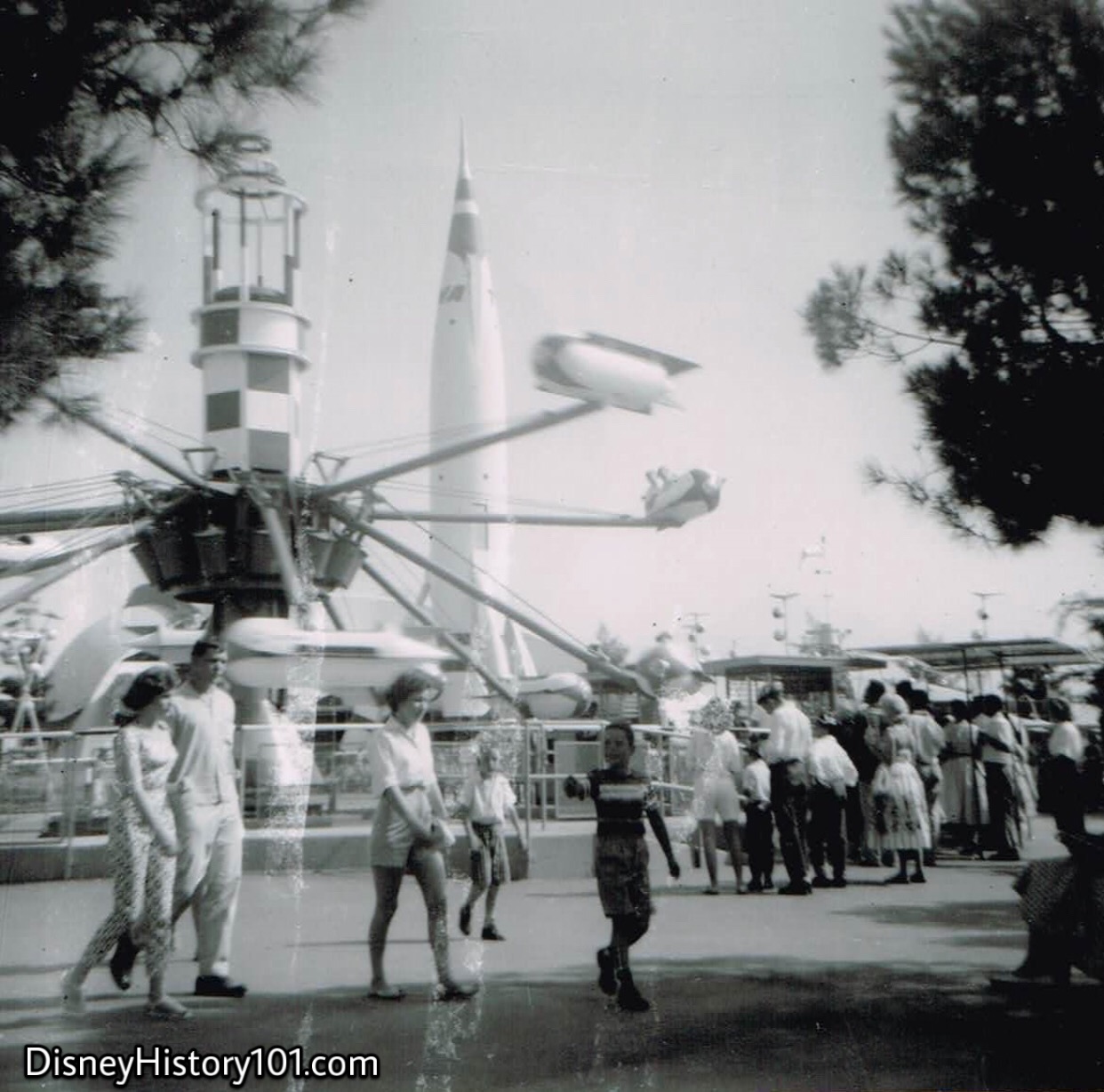
According to the Disneyland News : “Twelve jet-like gondolas were attached to a central tower by 30-foot metal booms. When the ride is operating, the central tower spins and raises the…unit into the air.”
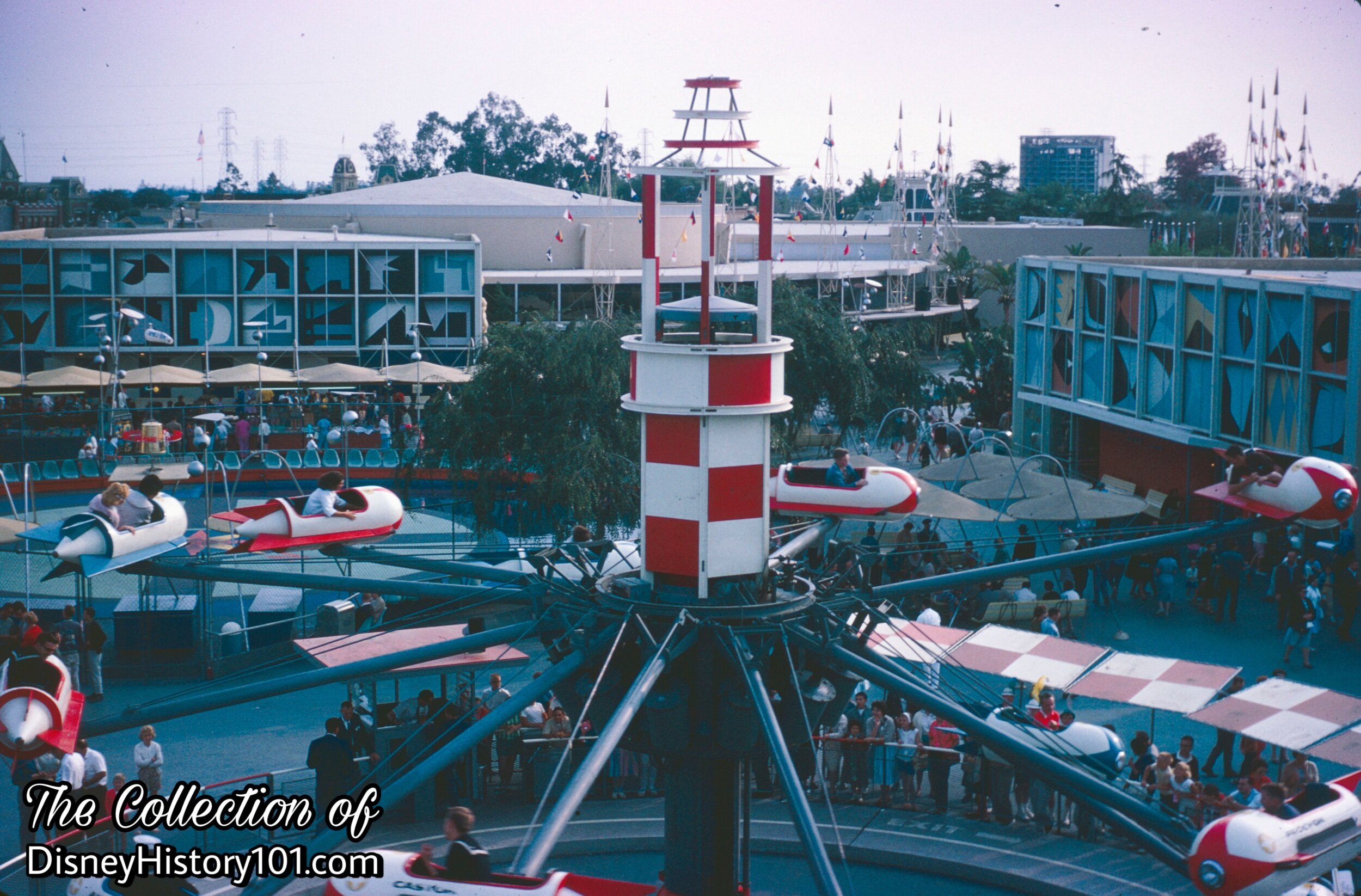
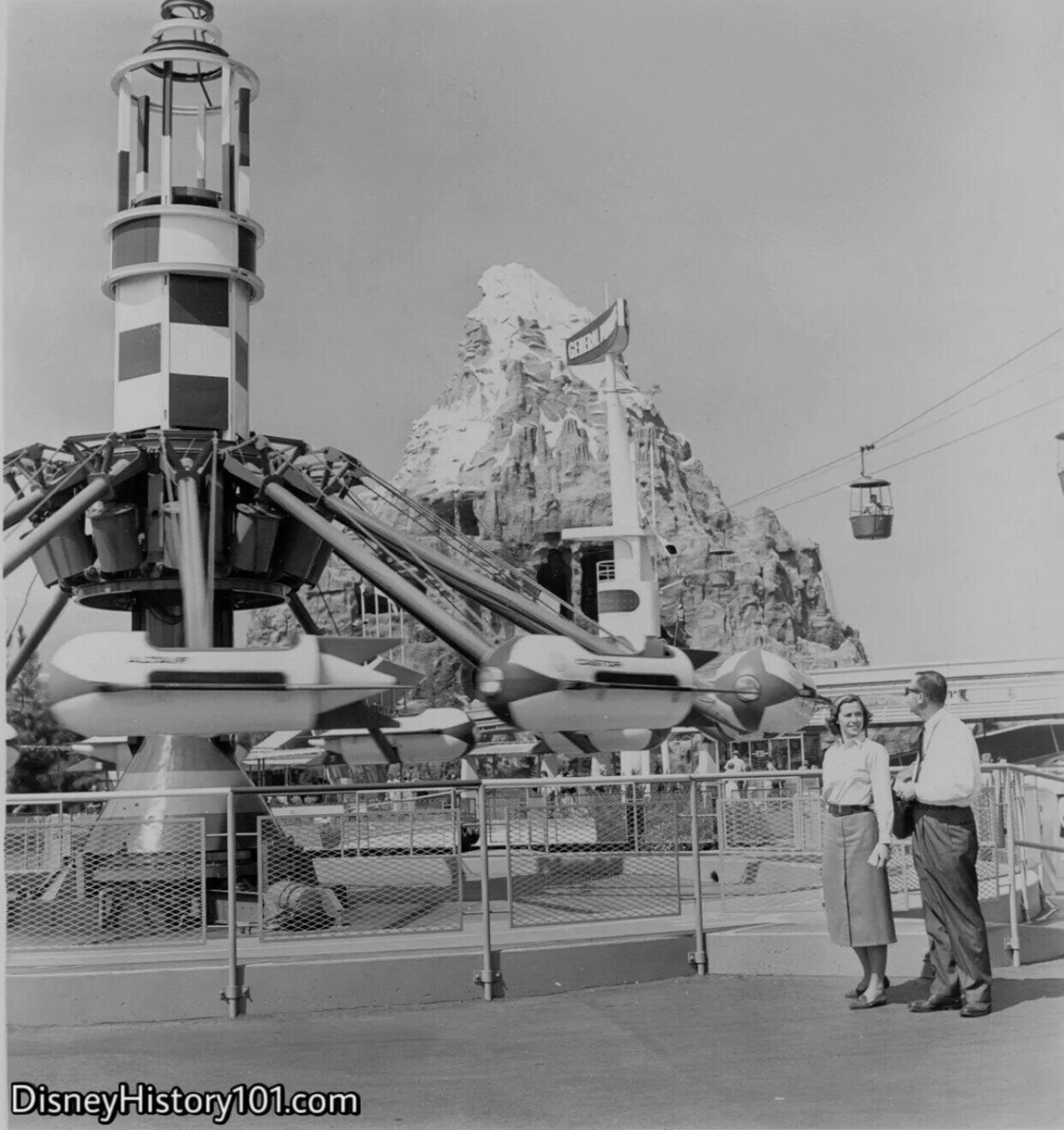
According to some sources, pilots could choose one of thirteen AstroJets emblazoned with the names of brightly burning stars - Altair, Antares, Arcturus, Canopus, Capella, Castor, Pica, Procyon, Regulus, Rigel, Sirius, Spica, and Vega. The names were suggested by WED employee John Hench via a WED Inter-Office Communication dated May 1, 1956.
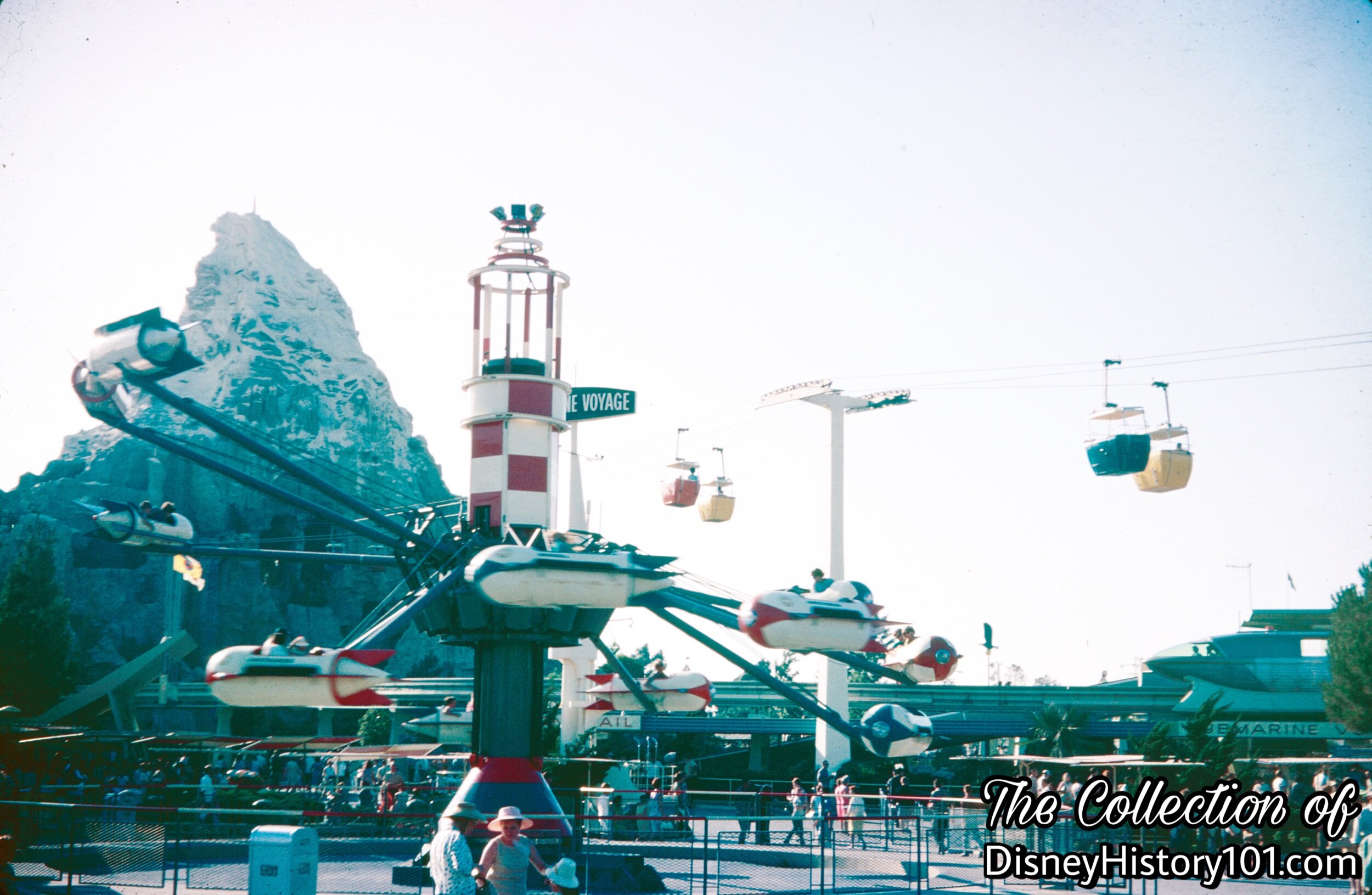

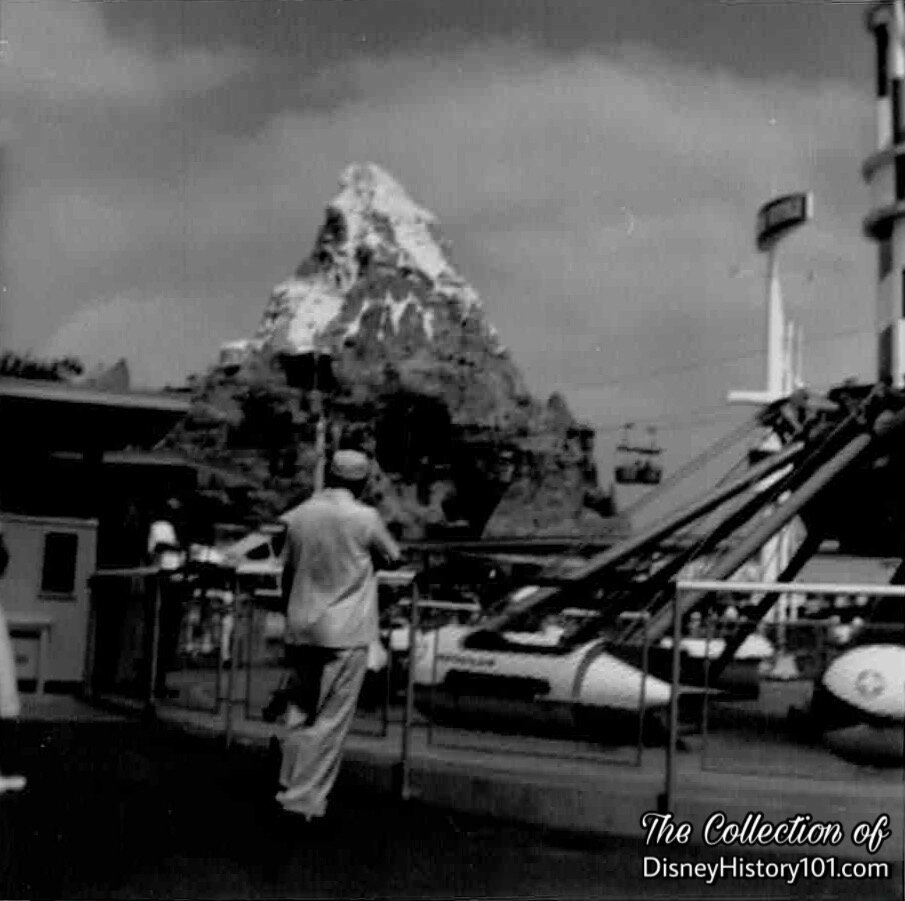
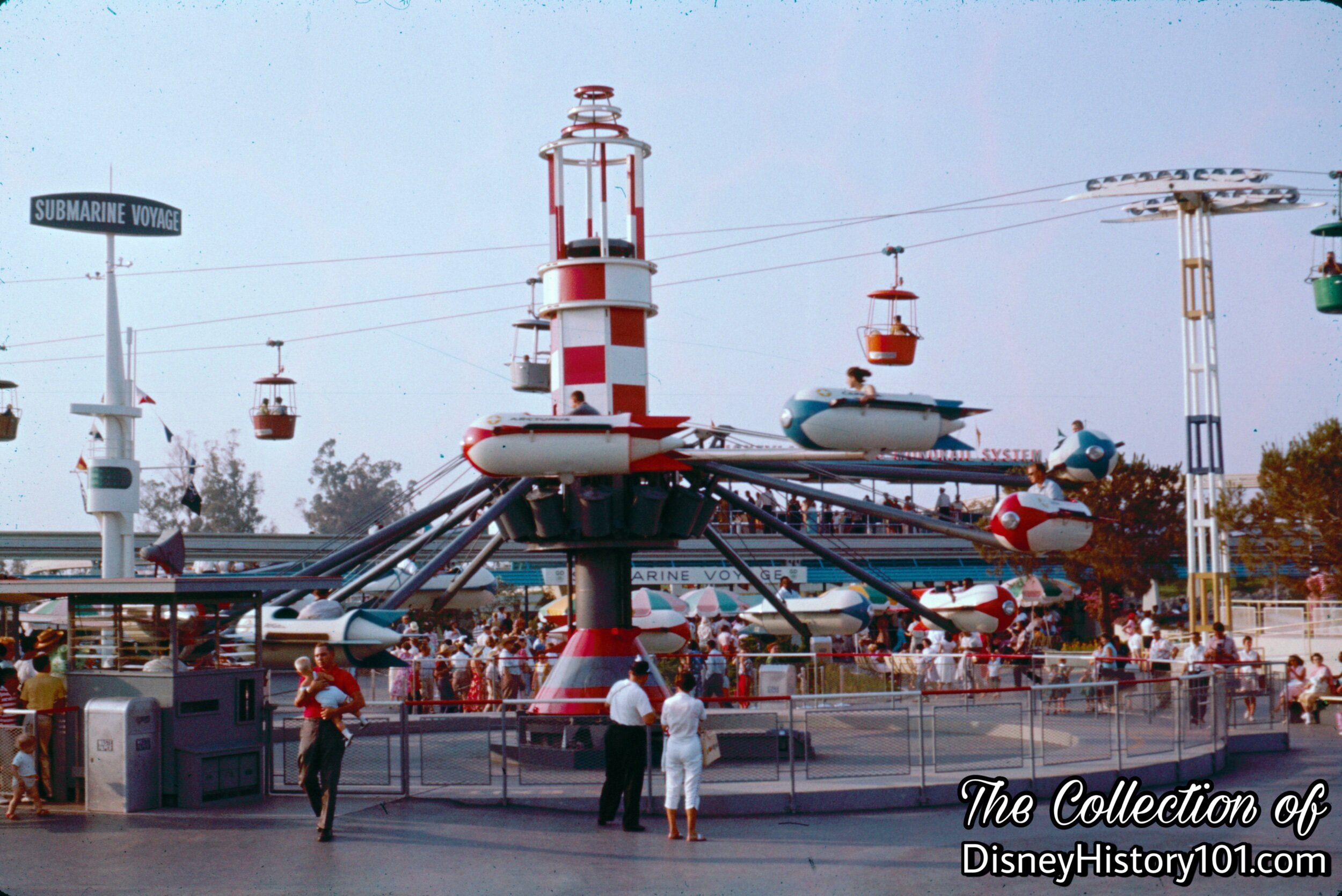
In 1959, the AstroJet ride structure was appraised between $53,100 and $58,000.
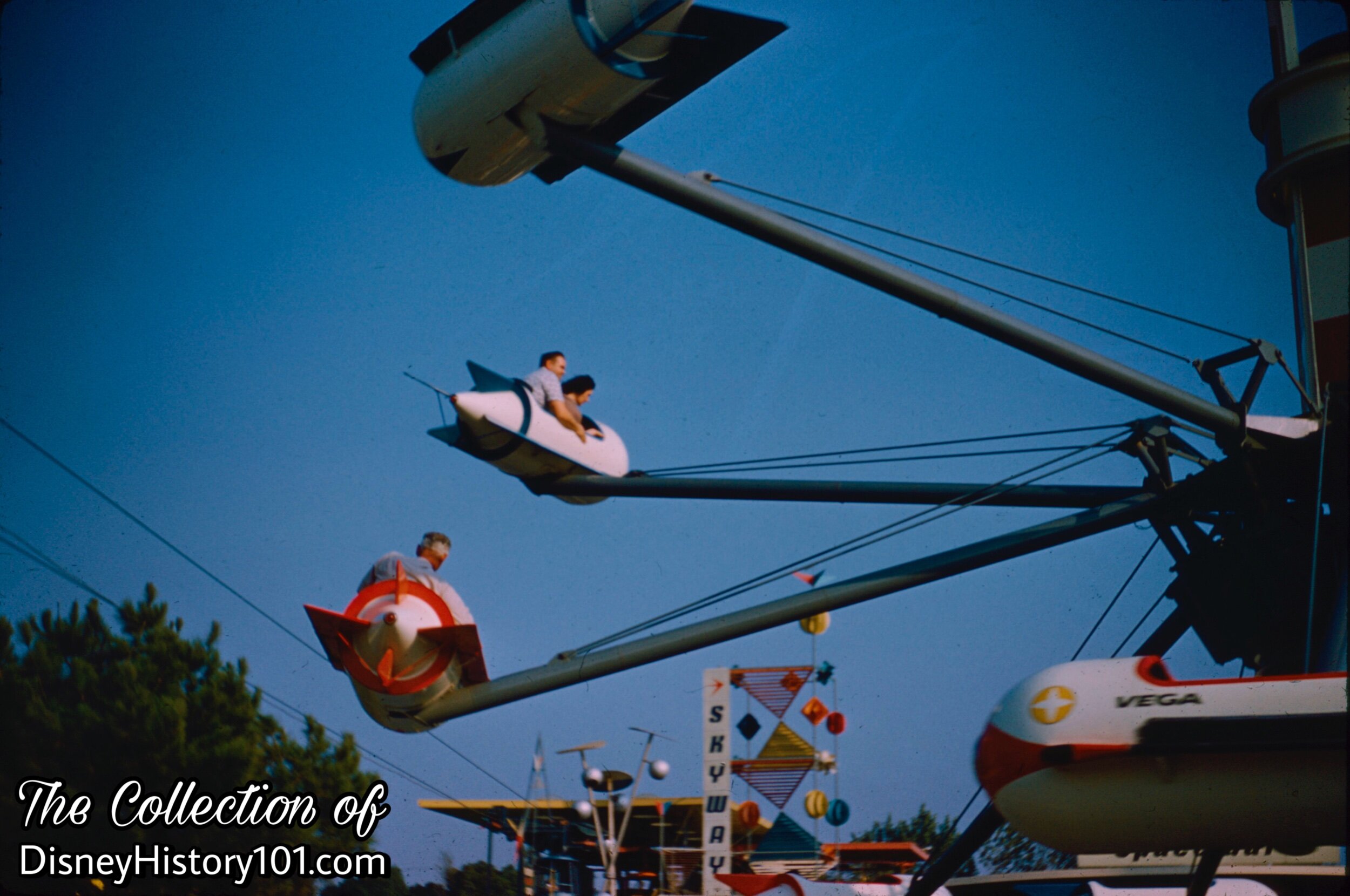

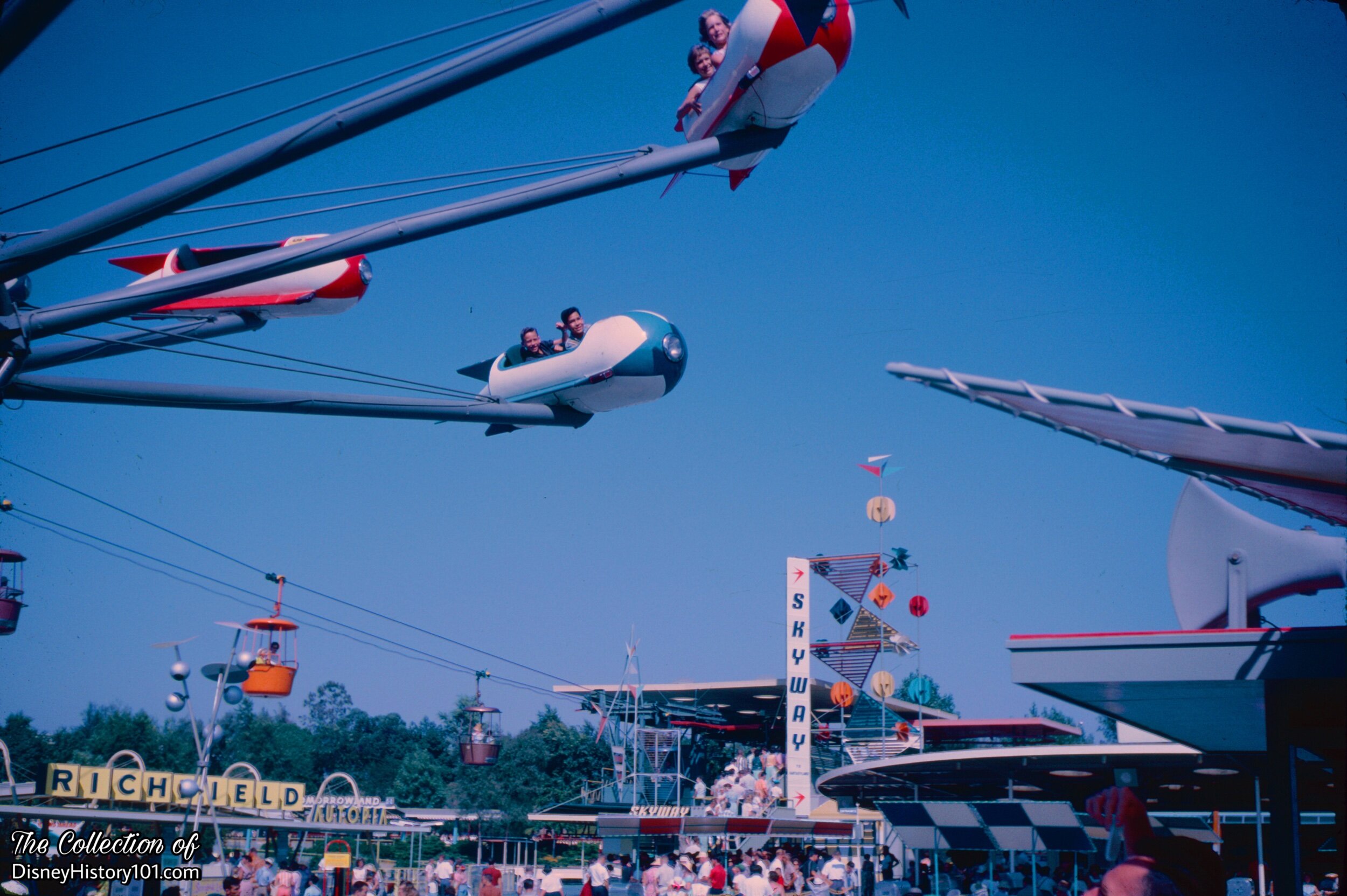
…and BLAST-OFF!
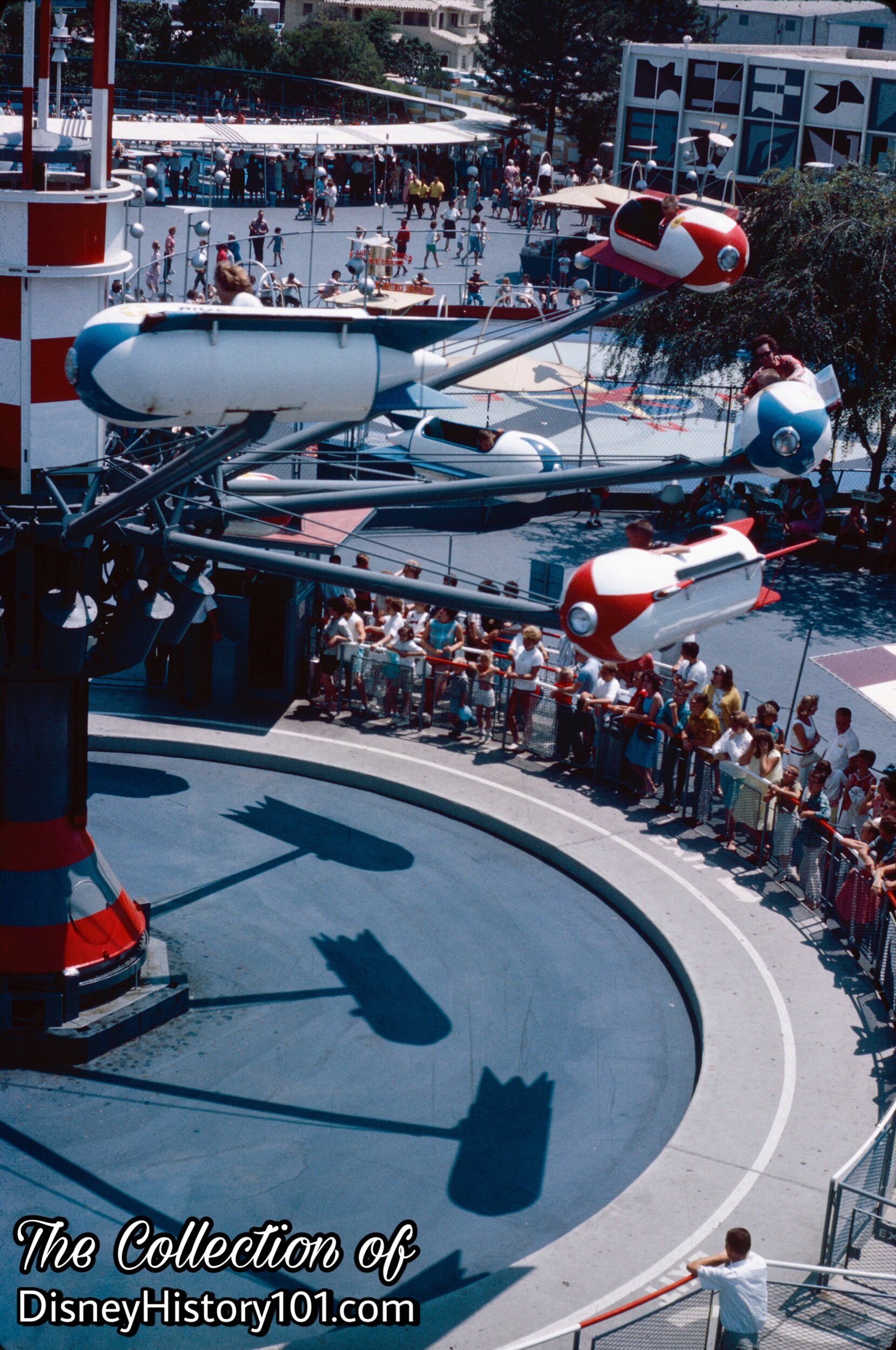
Above, it’a a busty day at the Astro-Jet Control Panel.
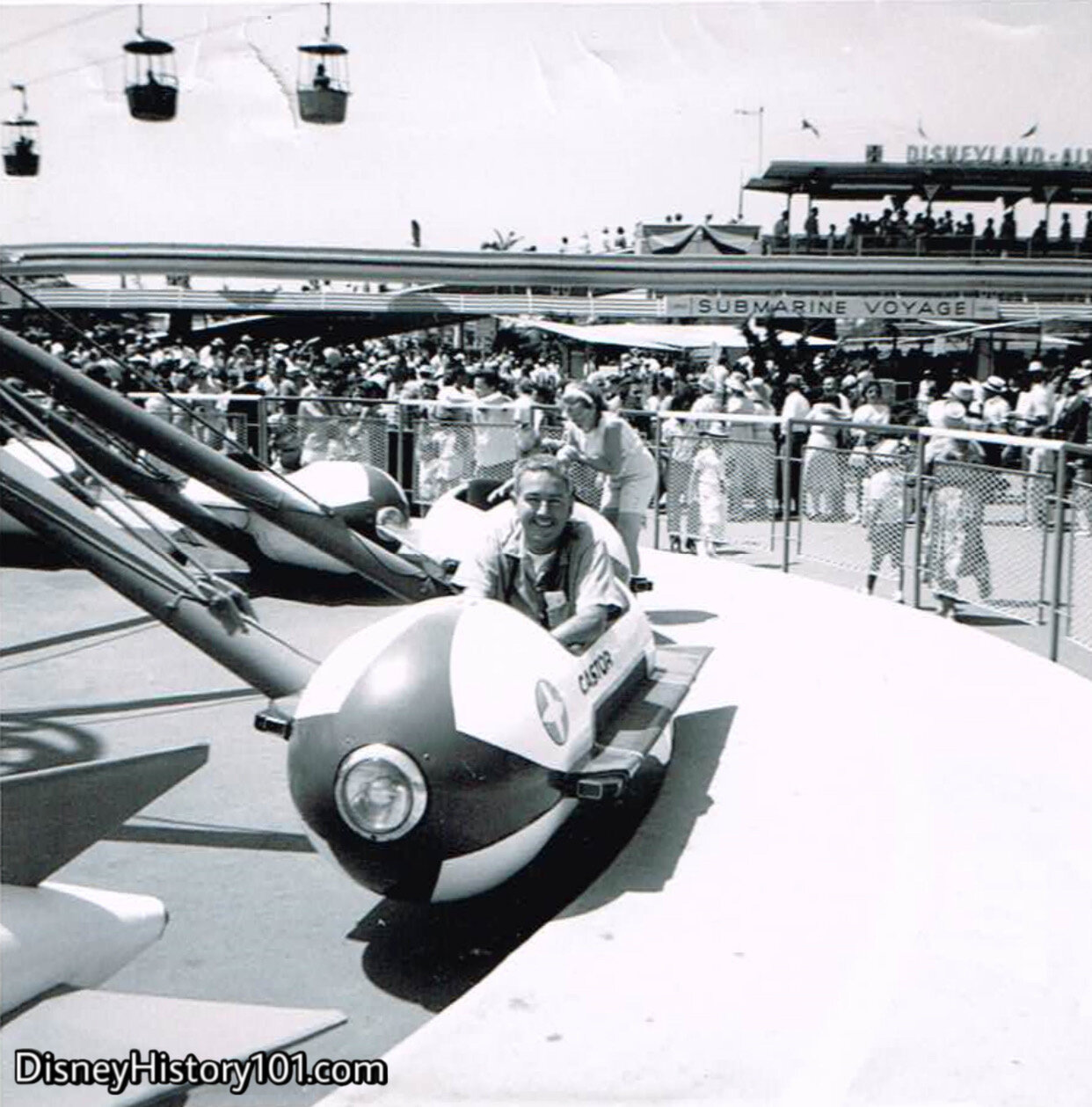
Castor (named after one of the Gemini constellation’s stars, and one of the brightest stars in the night sky), prepares for departure!
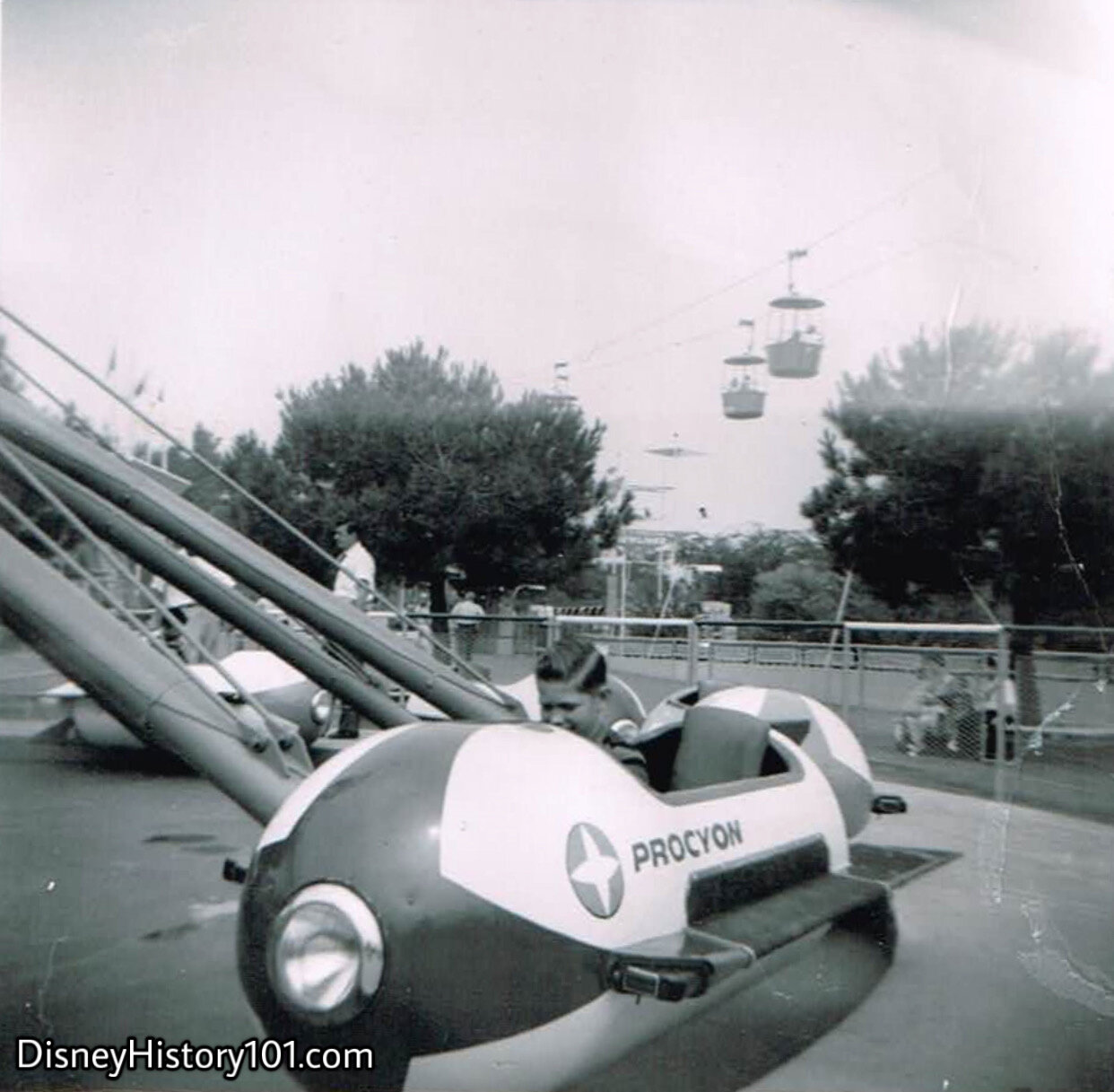
The jet engines of Procyon (Alpha Canis Minoris, CMi or Alpha CMi) prepare for ignition!
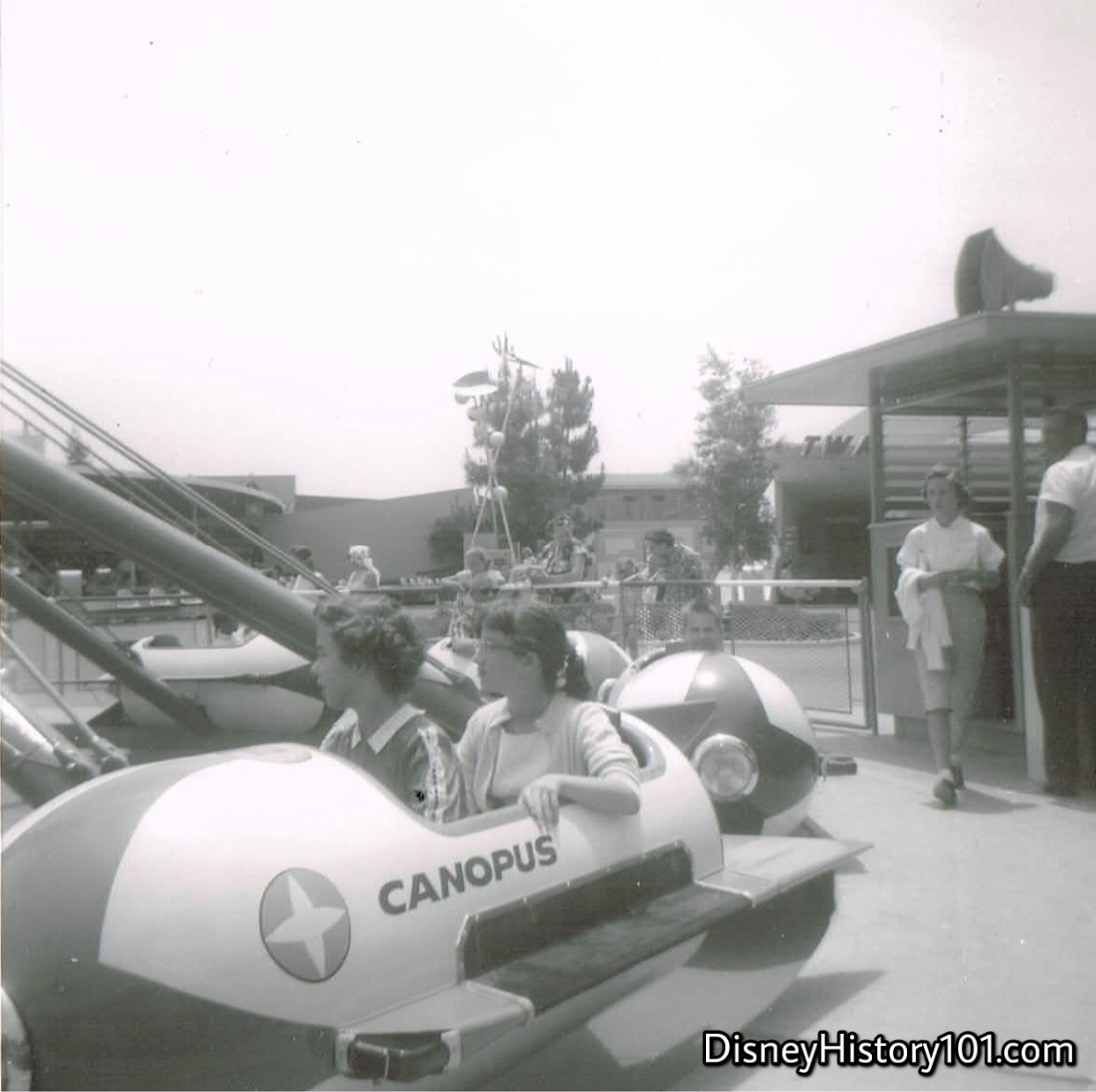
Two passengers prepare to shoot through Tomorrowland’s sky aboard the Canopus! Of note is seating arrangement of the AstroJets, where passengers sit side-by-side (rather than one-front-of-the-other).

Altair is believed to be the twelfth brightest star in the night sky, and it is the name of one of thirteen AstroJets!
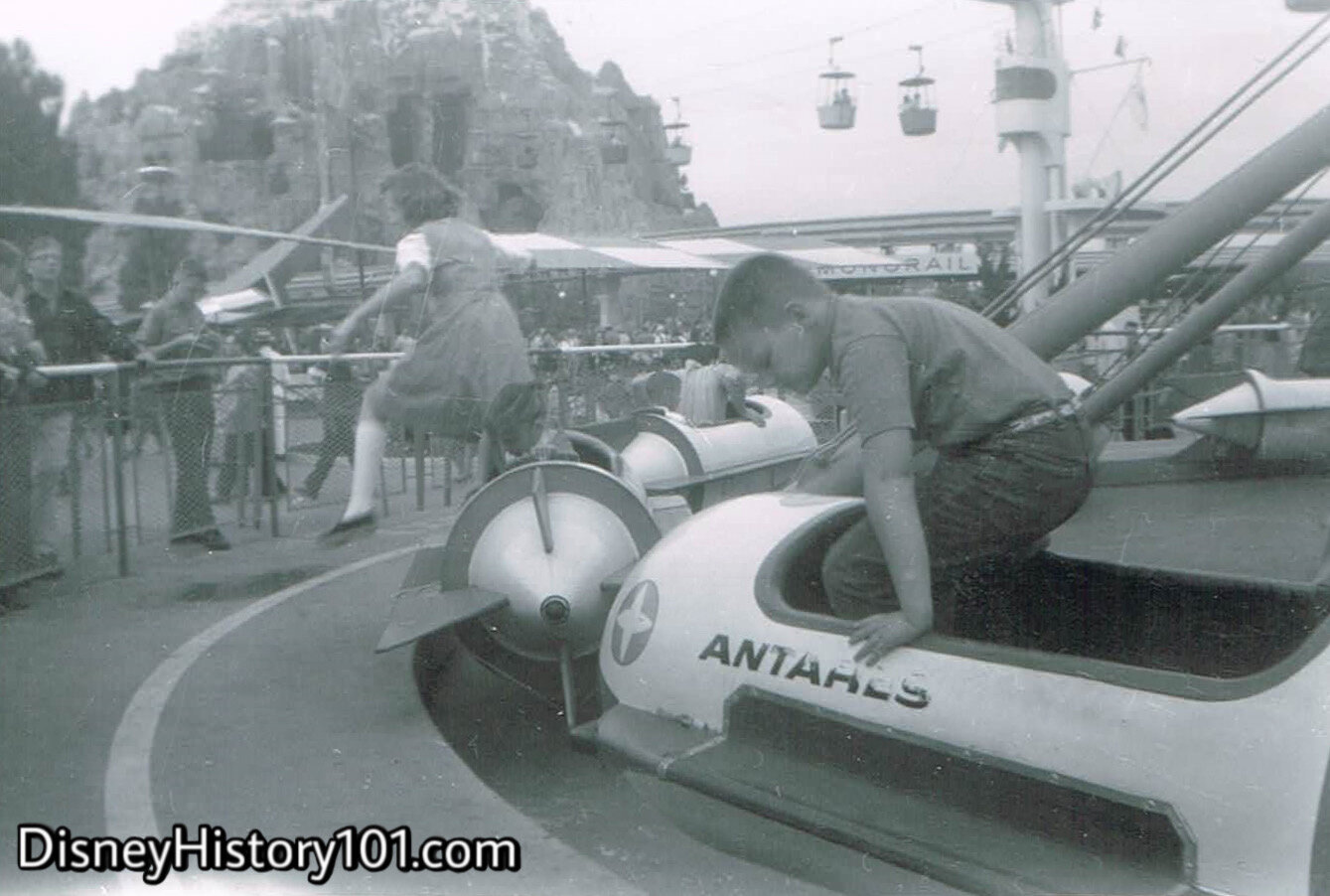
A young pilot un-boards the Antares during late 1962 - early 1963. During the 1962-1963 winter season, the AstroJets operated only on weekends.
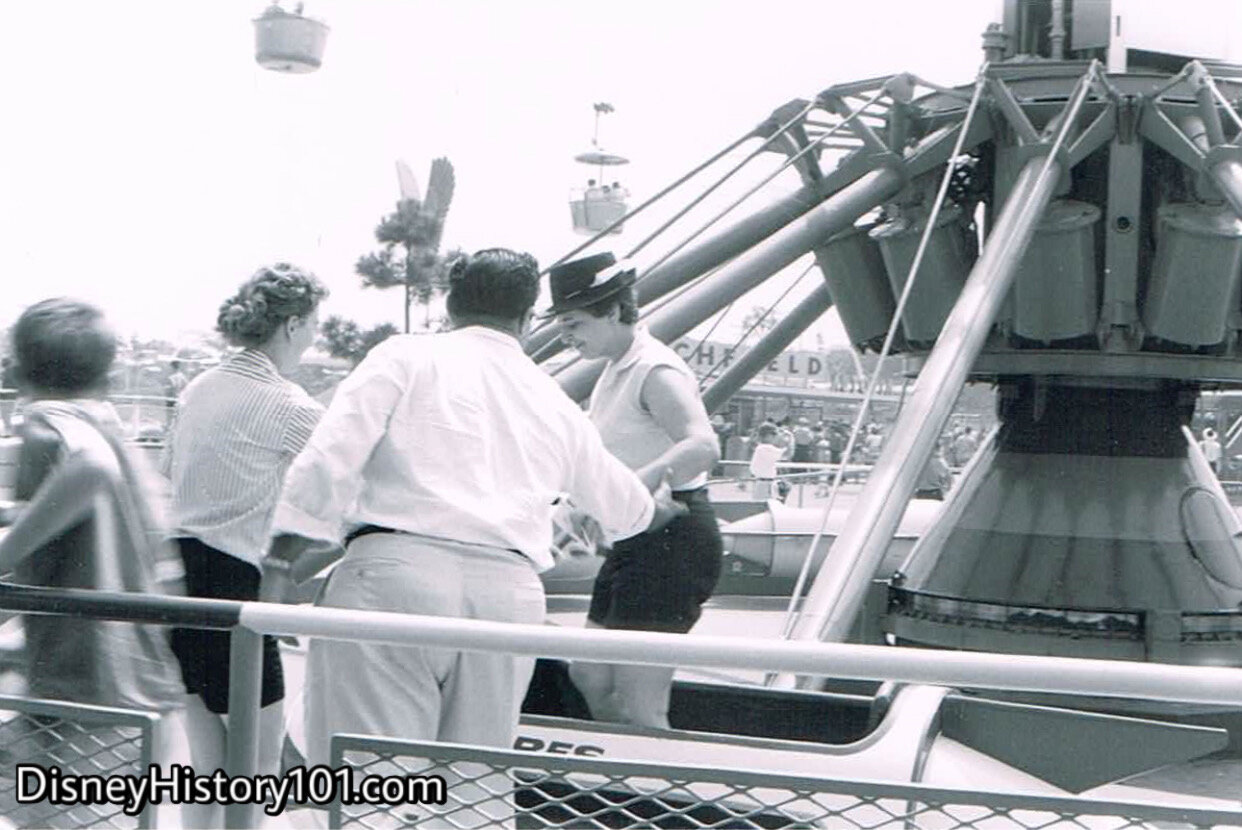
Yet another guest un-boards the Antares.
Safety is first at Disneyland! According to Vacationland (Sumer, 1961) : “Things like…the spindles…that support the AstroJets are made to specifications which far exceed those for comparable military items. Metal parts, like the spindles, that are subject to high stresses are sent out to engineering laboratories at least once each year for comprehensive examination to insure against weaknesses that could cause accidents.”
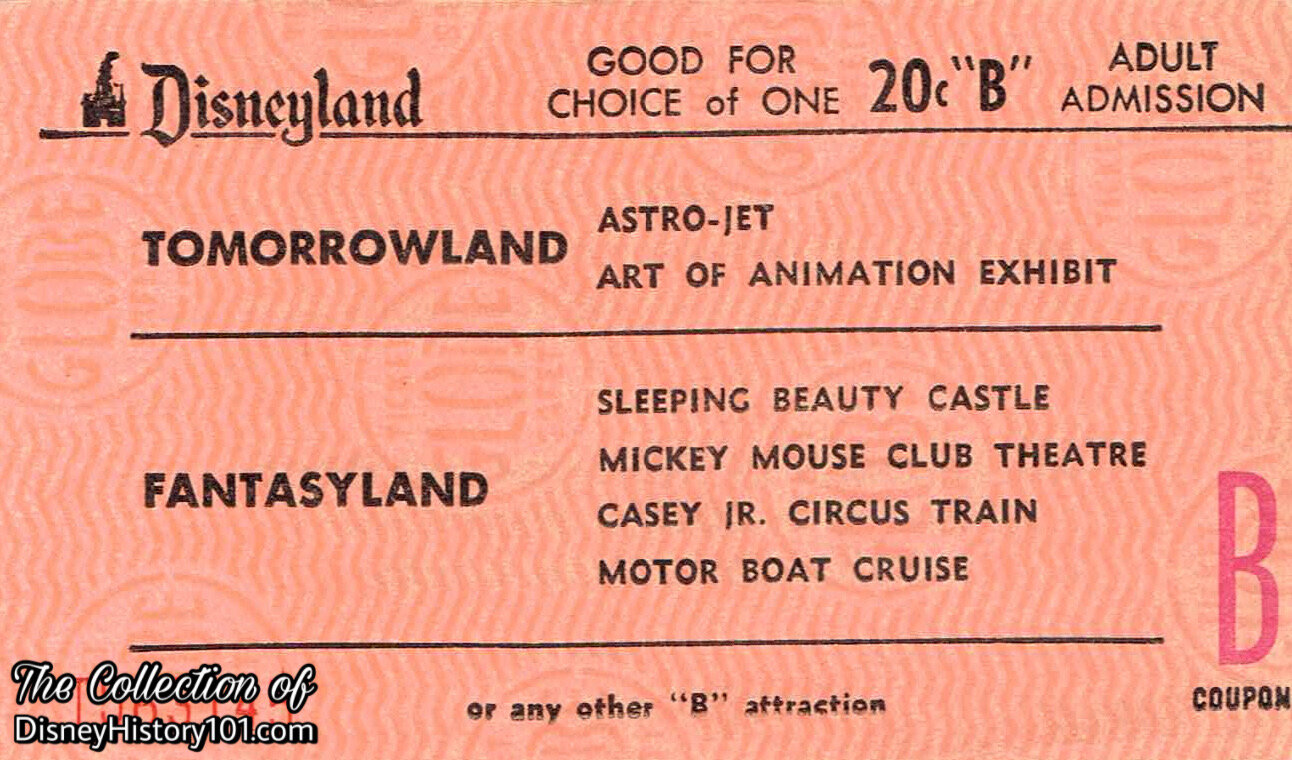
By 1959, Joe Fowler was Vice President of Disneyland Operations Committee and Doc Lemmon of Disneyland Operations was overseeing Operators of Rides & Amusements, Livestock, Parking Lot, and Ticket Sellers.
The Astro Jets carried the admission fee of 20¢ (or one Disneyland “B” Coupon) some time between May 28, 1960 and August 7, 1964. Table IV of the ”Ride Operating Schedule” (effective October 3, 1962) reported a maximum capacity of 480 guests week end days.
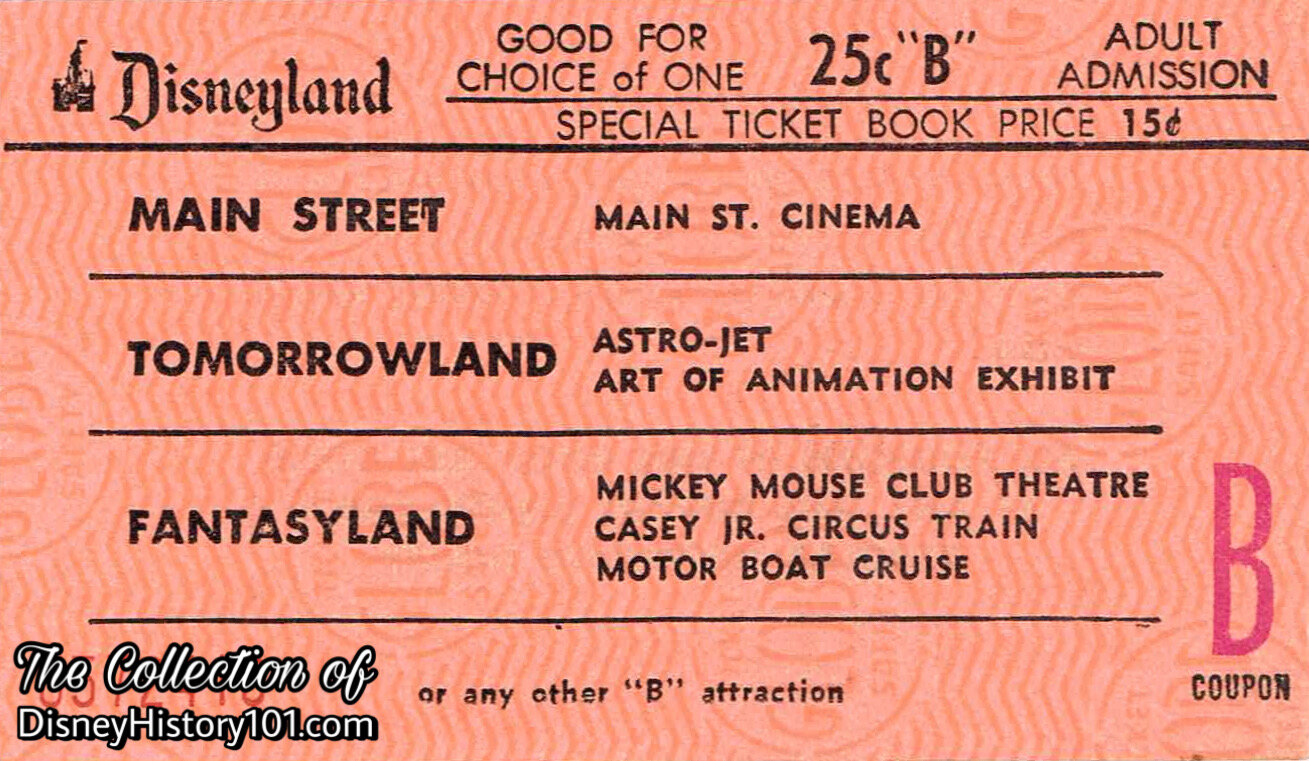
The Astro Jets would have carried the admission fee of 25¢ (or one Disneyland “B” Coupon) some time between May 28, 1960 and August 7, 1964. Only a few months later (in 1965), the price of piloting a high-flying jet to Disnyland’s outer space was a “C” coupon, or 35¢.
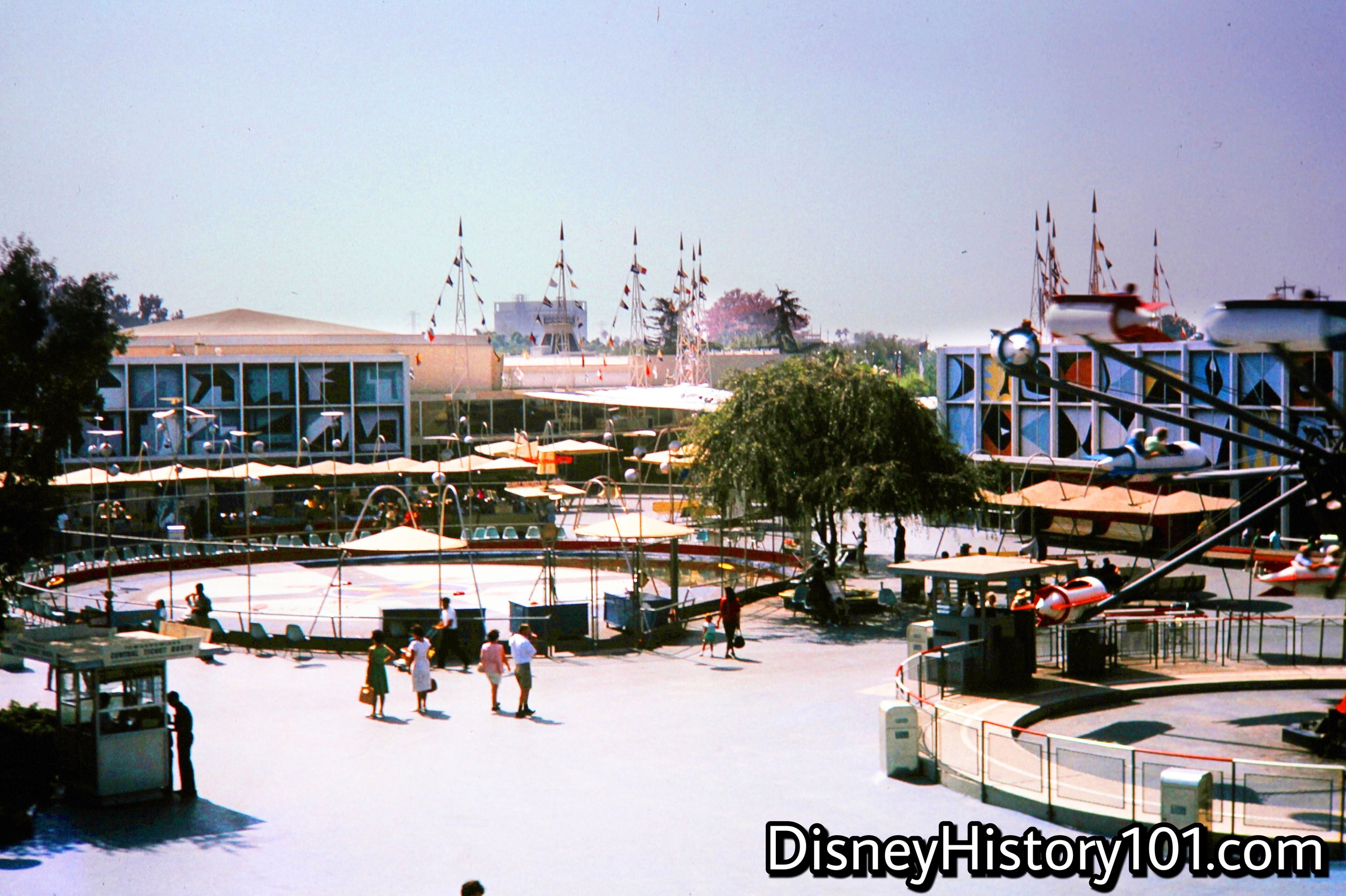
Not far from the Astrojet launchpad, guests found other flight-based attractions like the Thimble Drone Flight Circle (pictured left)! Here, guests could test model cars, boats, and planes sold through select Disneyland shops and catalogues.

The Klaus Roto-Jet was certainly popular among theme park goers during the “atomic” early 1960s. While the Astro Jets thrill Disneyland guests in the shadows of Skyway cabins, the Super-Jets shuttle guests under Sky Ride cabins (at Cedar Point, Ohio), more than 2,000 miles away!
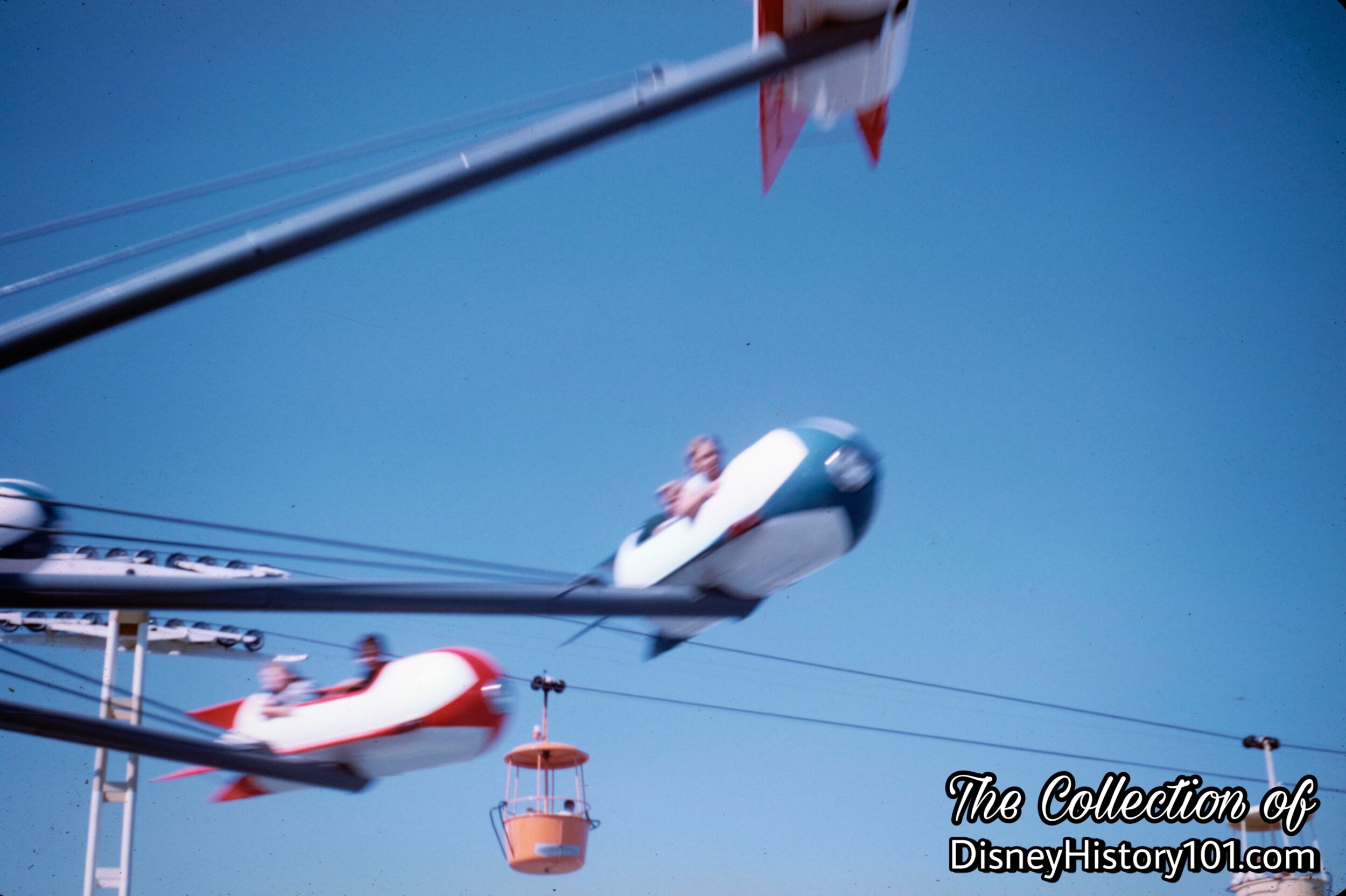
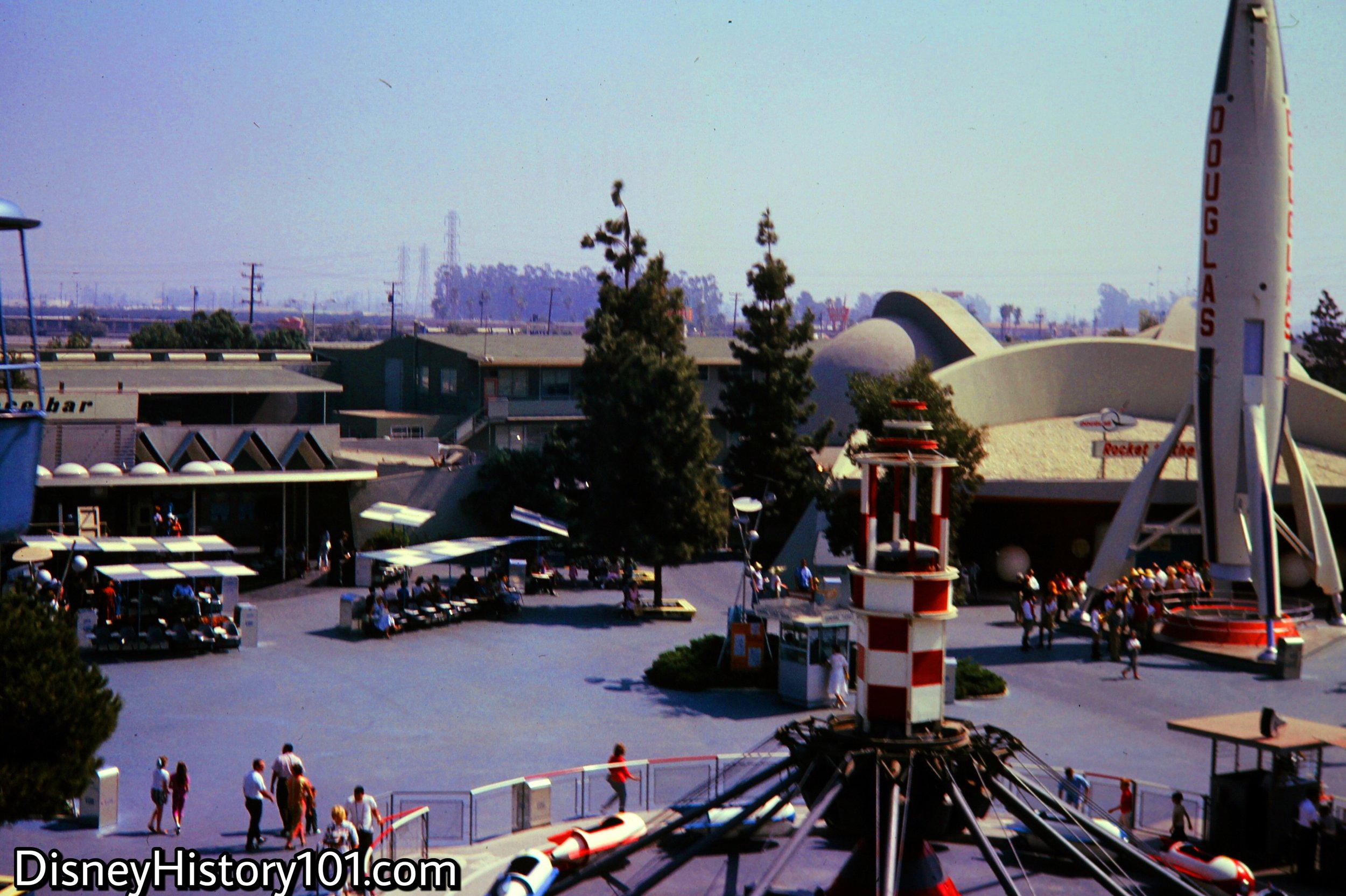
The Spacebar (left) offered futuristic refreshment for the weary pilot, while the Mc Donnel Douglas’ Flight to the Moon offered a flight like no other - a grand circle tour of Earth’s Moon from outer space! The AstroJets were closed weekdays during the winter season of 1962, operating on weekends.

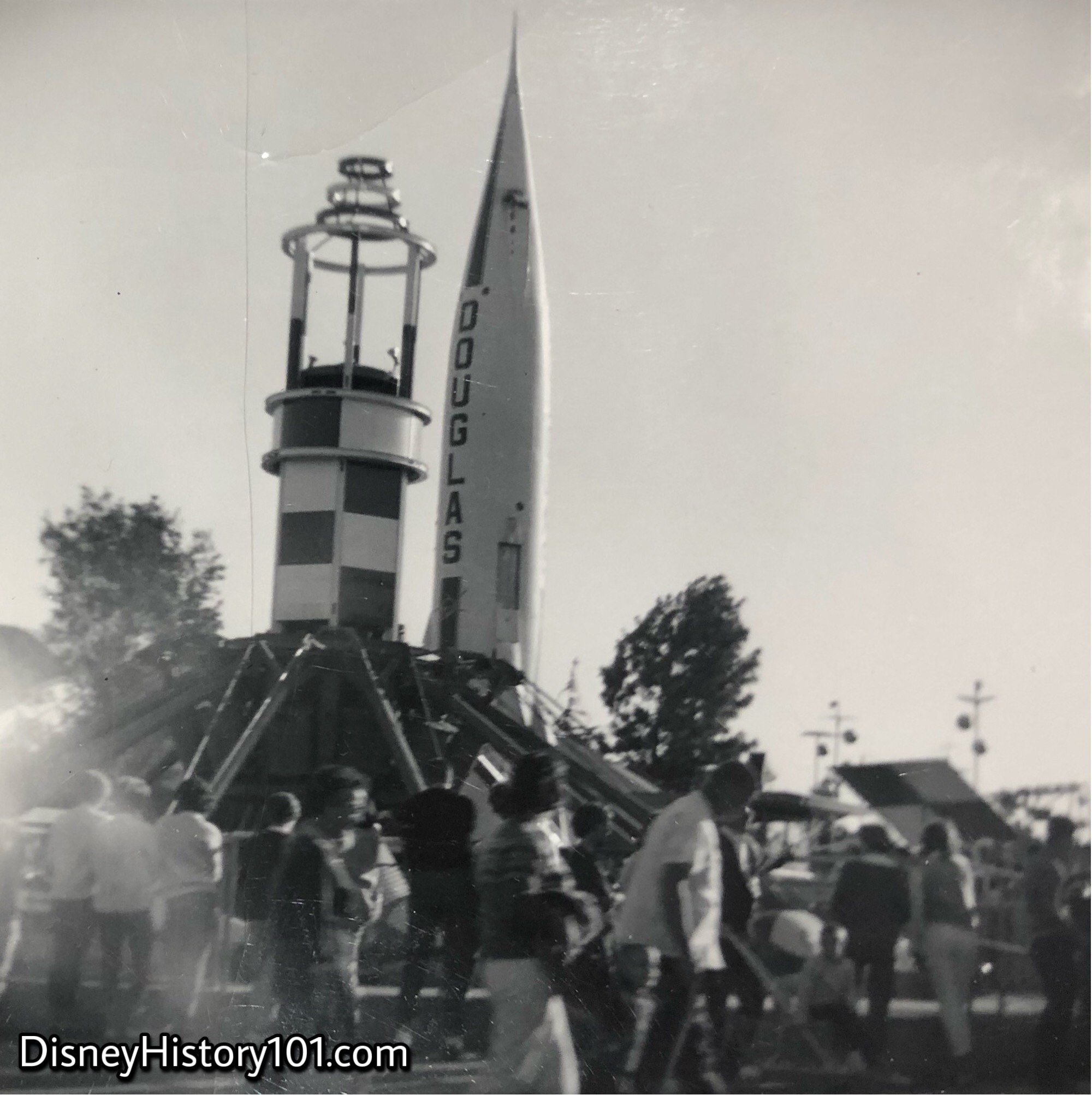
In just a few months from the point that this Vintage View was captured, the Astro Jets would be rebranded.

In 1964, United Airlines became the sponsor of Walt Disney’s Enchanted Tiki Room. One of their stipulations was that another Disneyland attraction change its name (due to competing American Airlines’ Astrojet service). So, after about a decade, the name AstroJets was discontinued, and the attraction was briefly renamed the Tomorrowland Jets, on August 7th, 1964. This name remained until the final flight of the Tomorrowland Jets on September 5th, 1966.
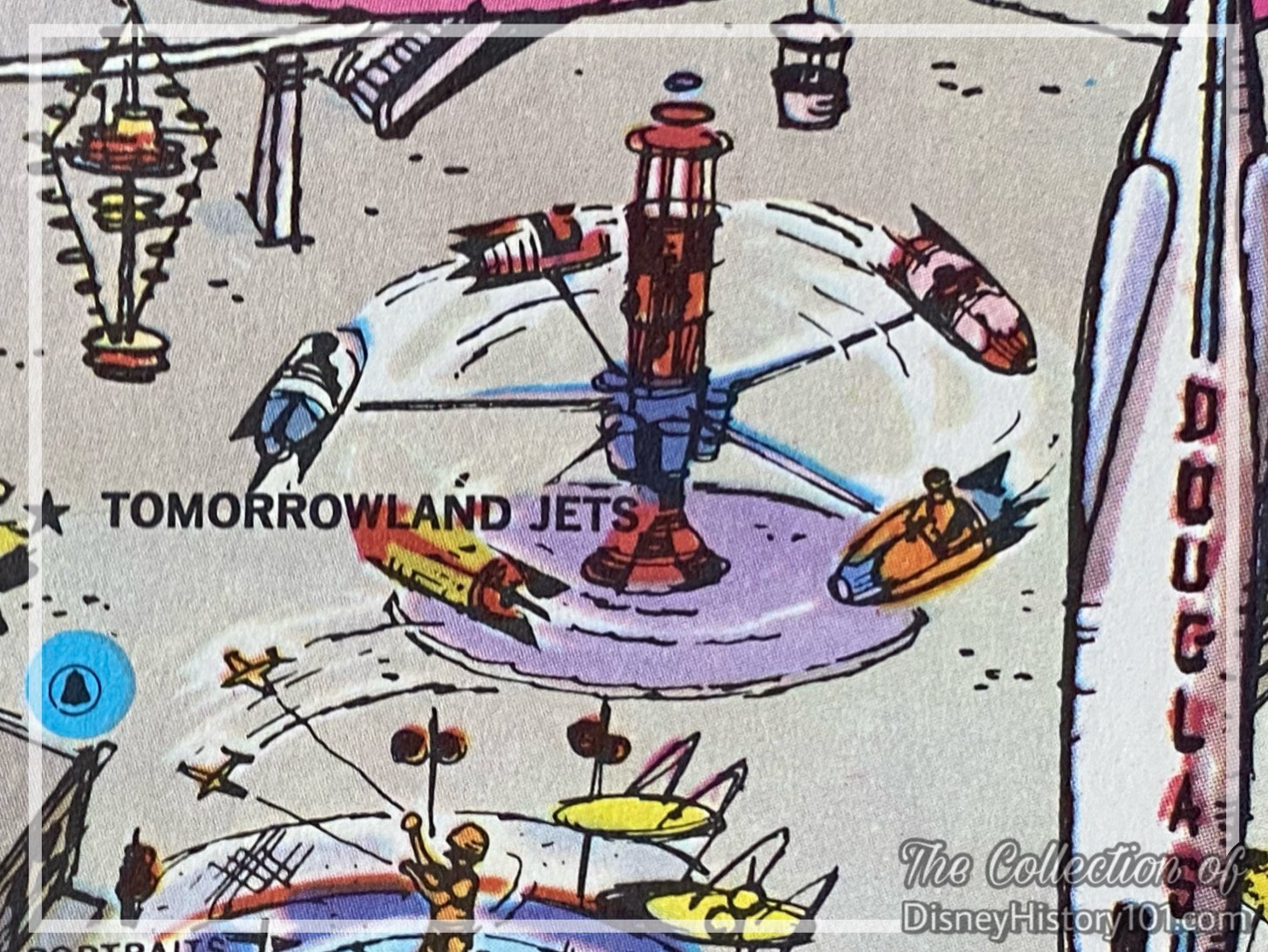
When the attraction reopened as the Tomorrowland Jets, a single admission price was originally similar to that of its AstroJets days - one “B” Coupon, or 25 cents.
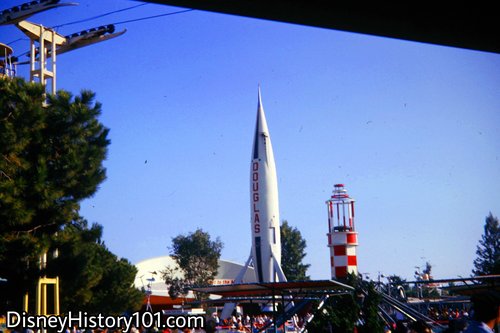
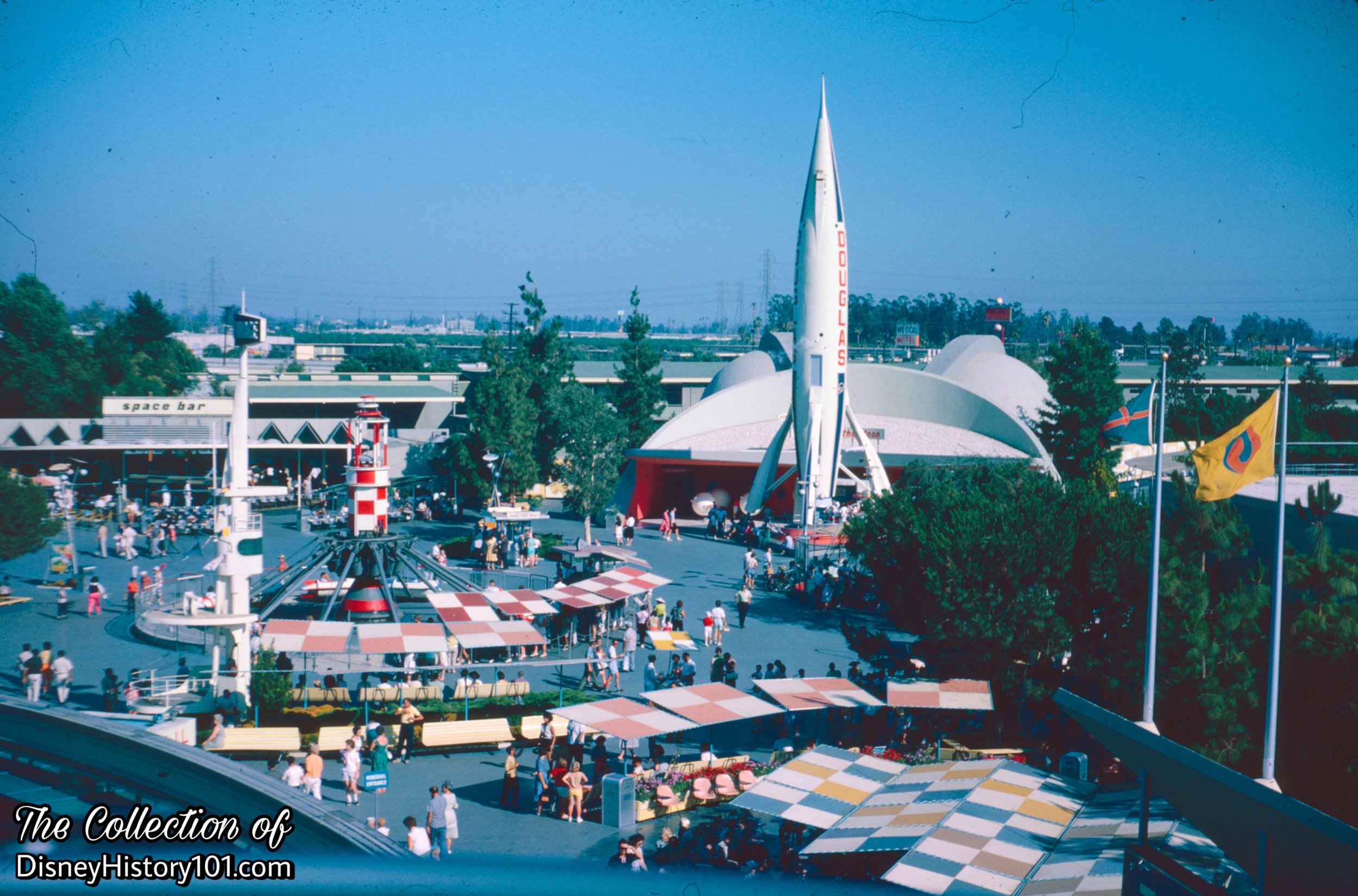
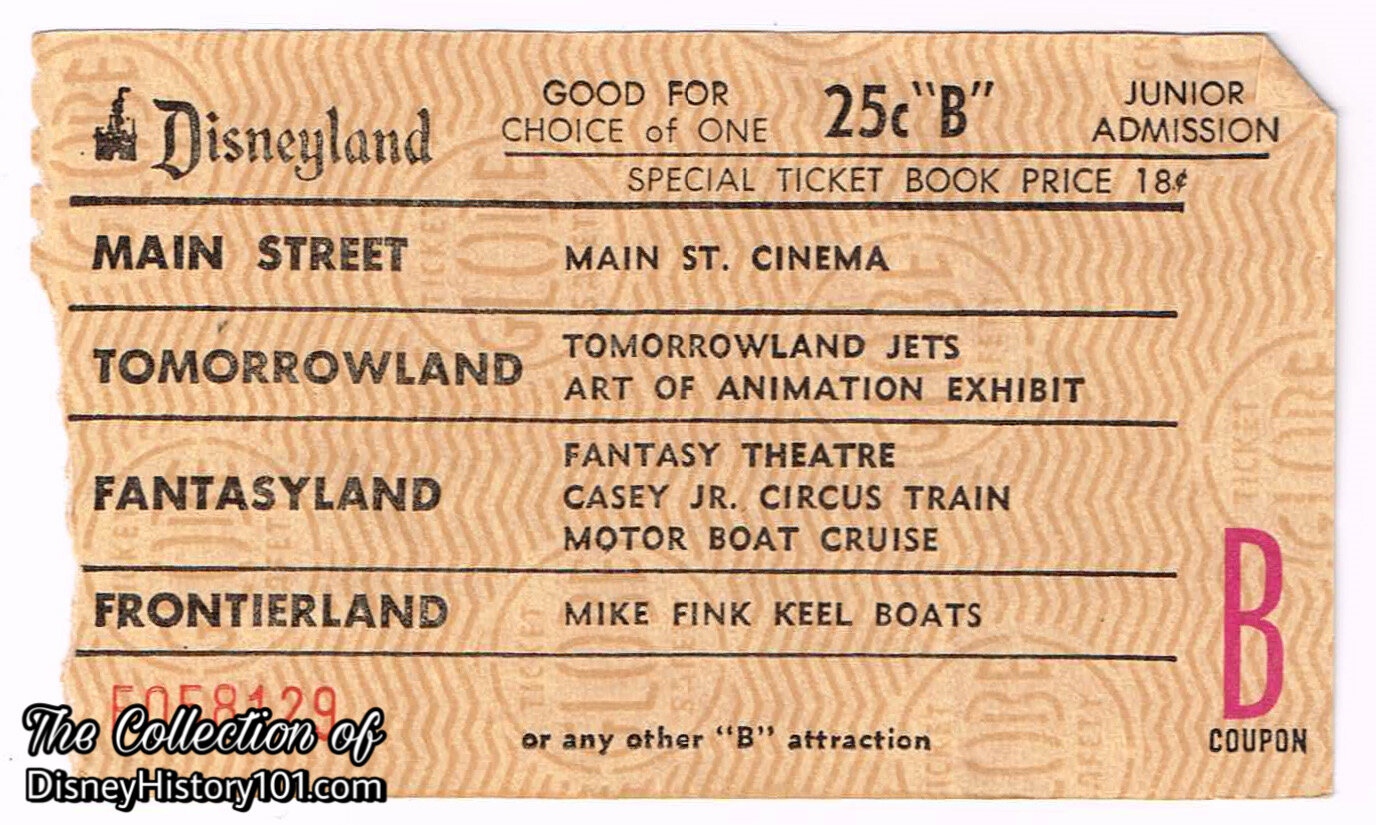
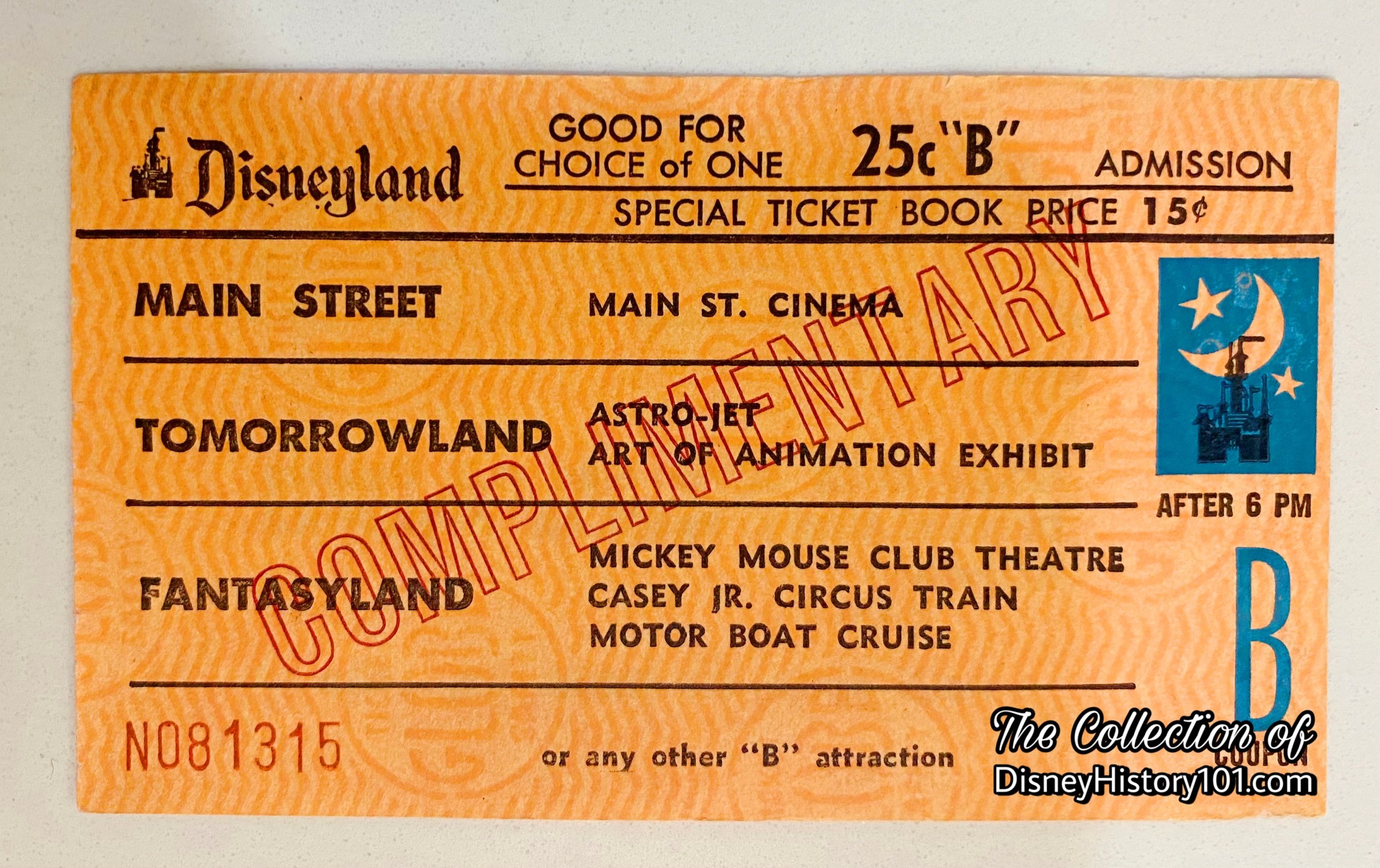
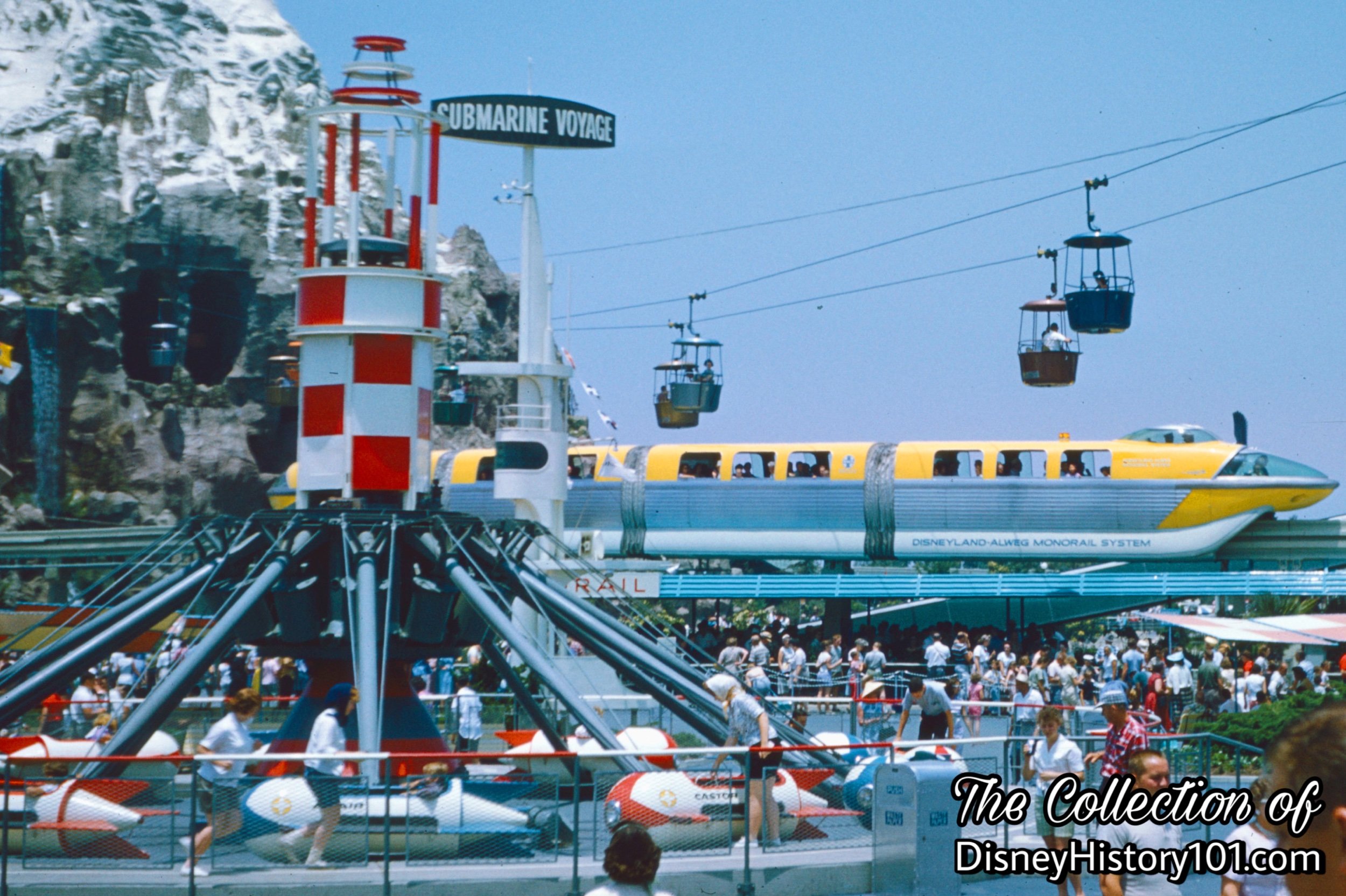
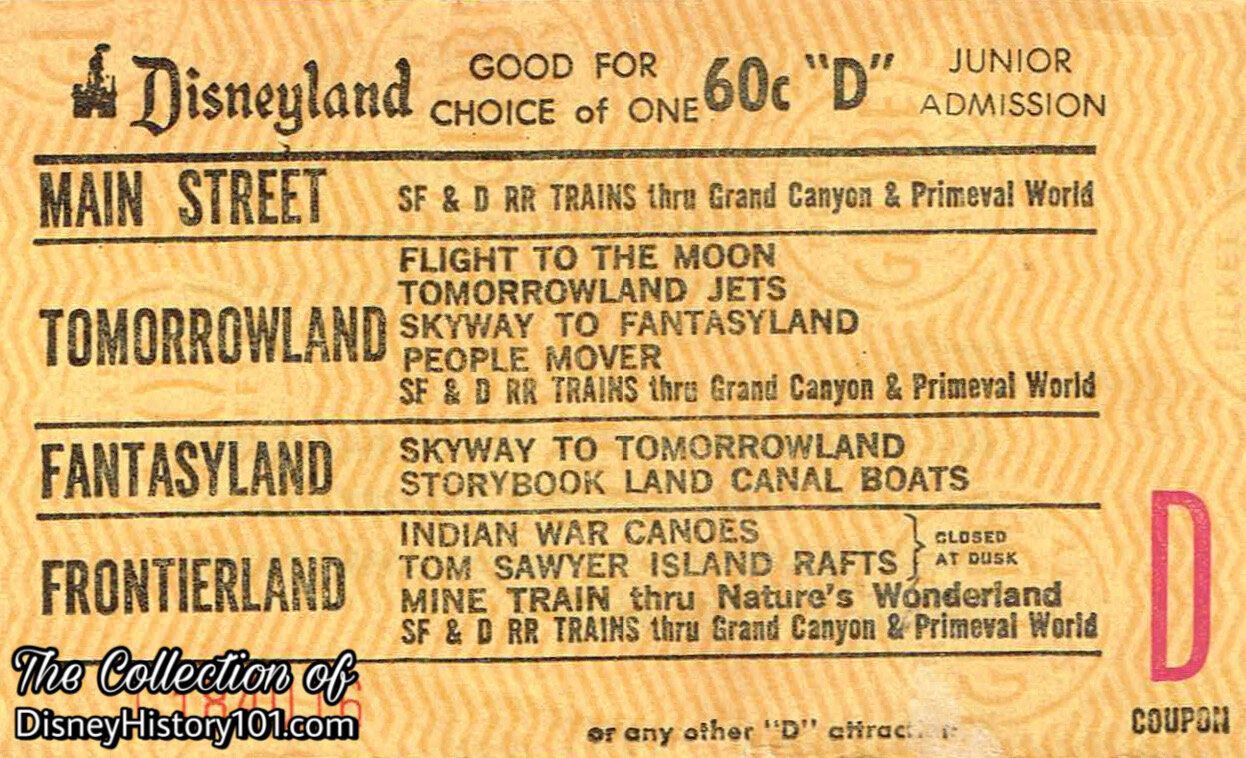
After they were renamed, note the increased price of admission for the Tomorrowland Jets - now 60¢ (or, one Disneyland “D” Coupon).

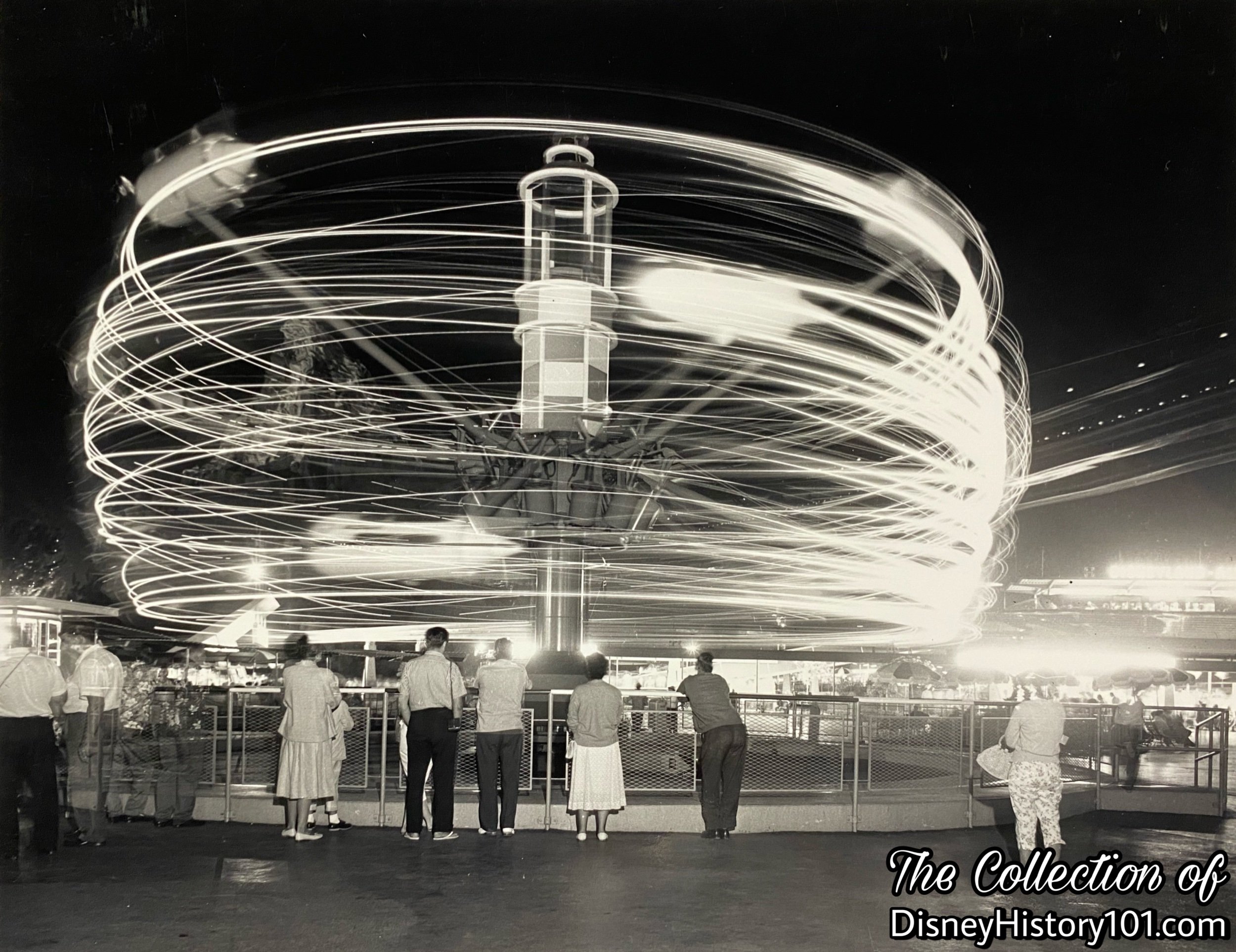
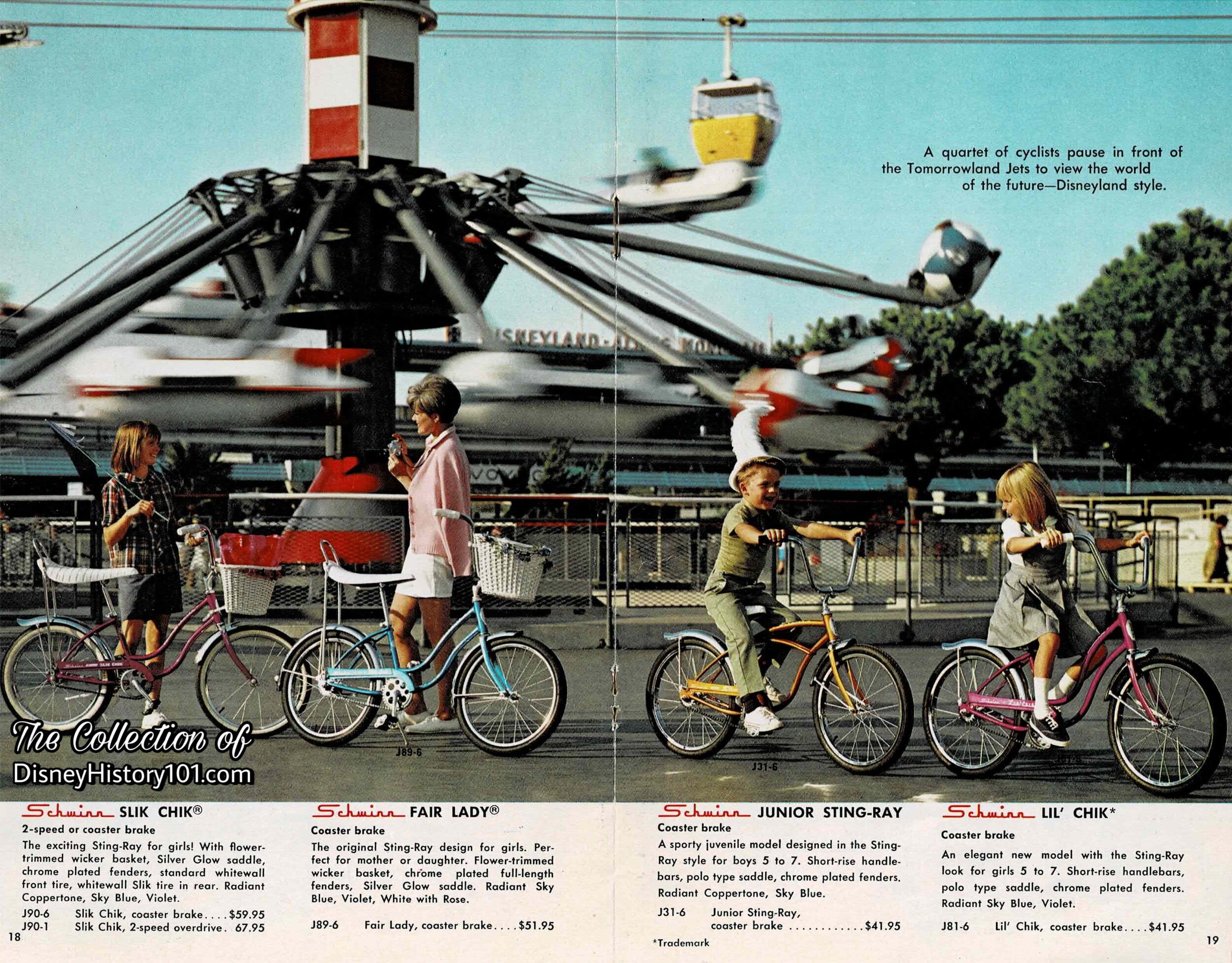
The AstroJets were also featured in promotional media. For instance, in August of 1962, Lloyd Richardson, Larry Clemmons, Joe Marquette, Coy Watkins, and Jack Leppert (of the Walt Disney Studio) filmed and shot scenery for Studio Production #3185. During this visit, a plate was shot “looking through through the Astrojets at the Monorail.”
Photographs for the “Schwinn Takes A Trip To Disneyland” catalogue (including this one where the AstroJets became a background for a two-page spread exhibiting Schwinn bikes for girls and juveniles) were shot at Disneyland during the Tencennial celebration of 1965. The latter can be seen above.


Before the Tomorrowland Jets “blasted off” for the last time, the “D” Coupon admission fee for one ride increased by 10¢. Rides were now 70¢.
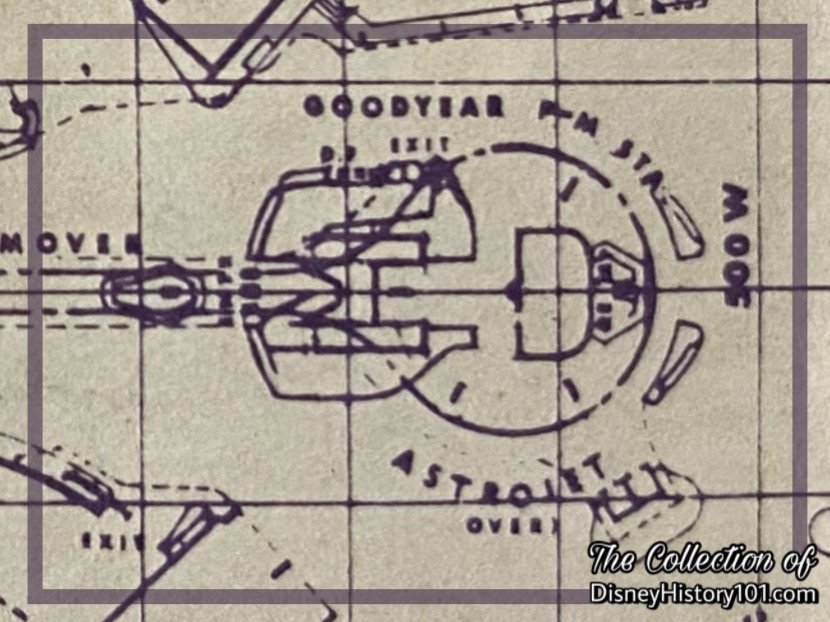
Since the beginning, the Four Keys of the DISNEYLAND Show (operating priorities in presenting the DISNEYLAND Show) have been present - Courtesy, Safety, Show, and Efficiency. Walt Disney Imagineers are always seeking out new magical opportunities to increase the efficiency, safety, and show quality of Disneyland adventures! Knowing their audience, artists like Herbert Ryman and George McGinnis began to create designs to integrate the AstroJets into the world of the New Tomorrowland. Part of the plans involved the attraction moving to another part of Tomorrowland. Internal materials published during 1966 teased: “Tomorrowland Jets - To be raised to a new level with access via a glass elevator.”
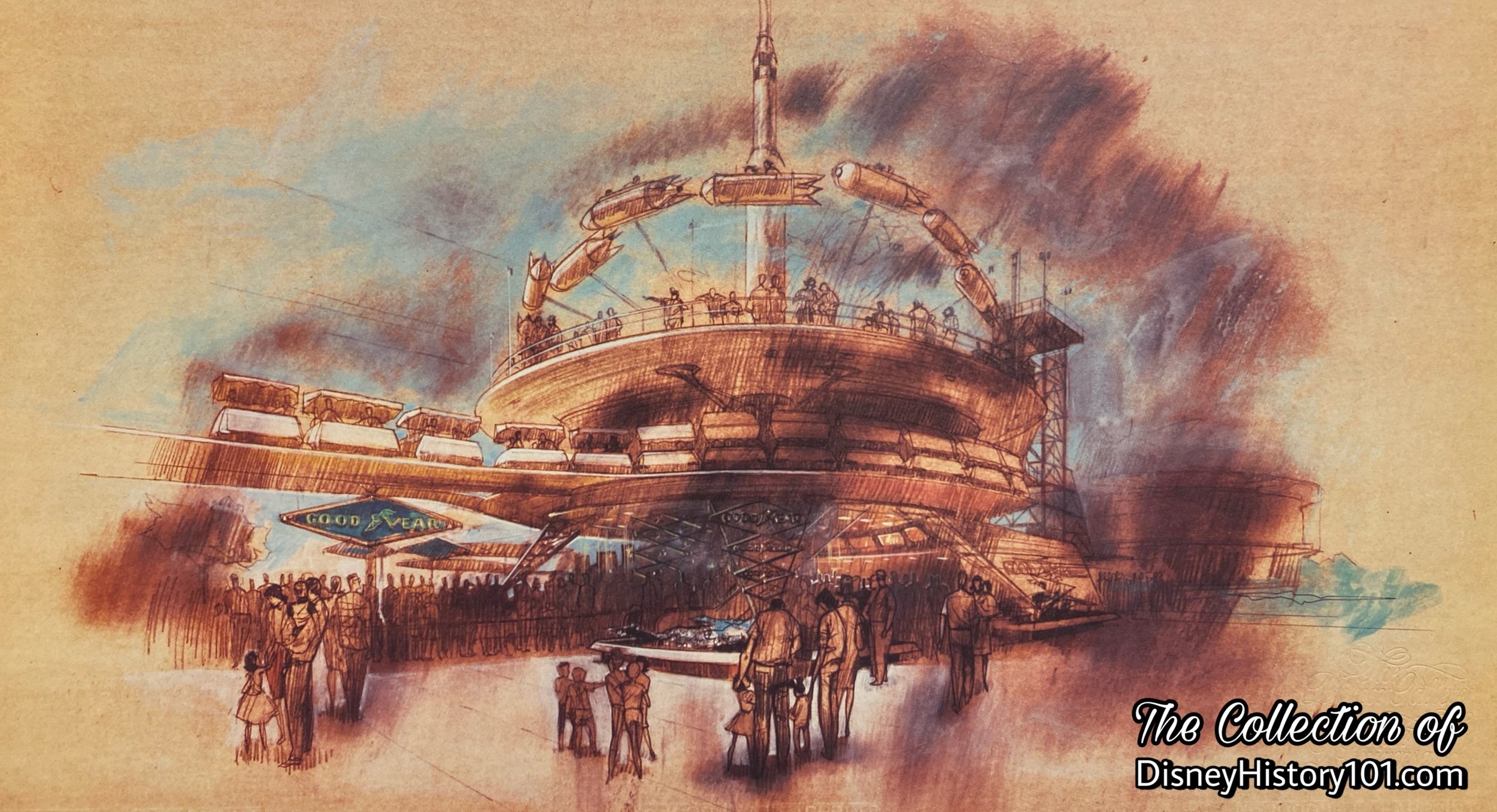
Some of these viable project Concepts (as seen above), were supported by a well-developed business case and built expectation.
Though the innovation of futuristic Rocket Jets would replace these mid-century-style jets, pilots of the original Astro-Jets understand the important place they hold in Tomorrowland history - inspiring an attraction which is beloved and around the world and seemingly “timeless” more than a half-century later!
In fact, the attraction inspired a legacy when the Magic Kingdom opened at Walt Disney World and Tokyo Disneyland opened!
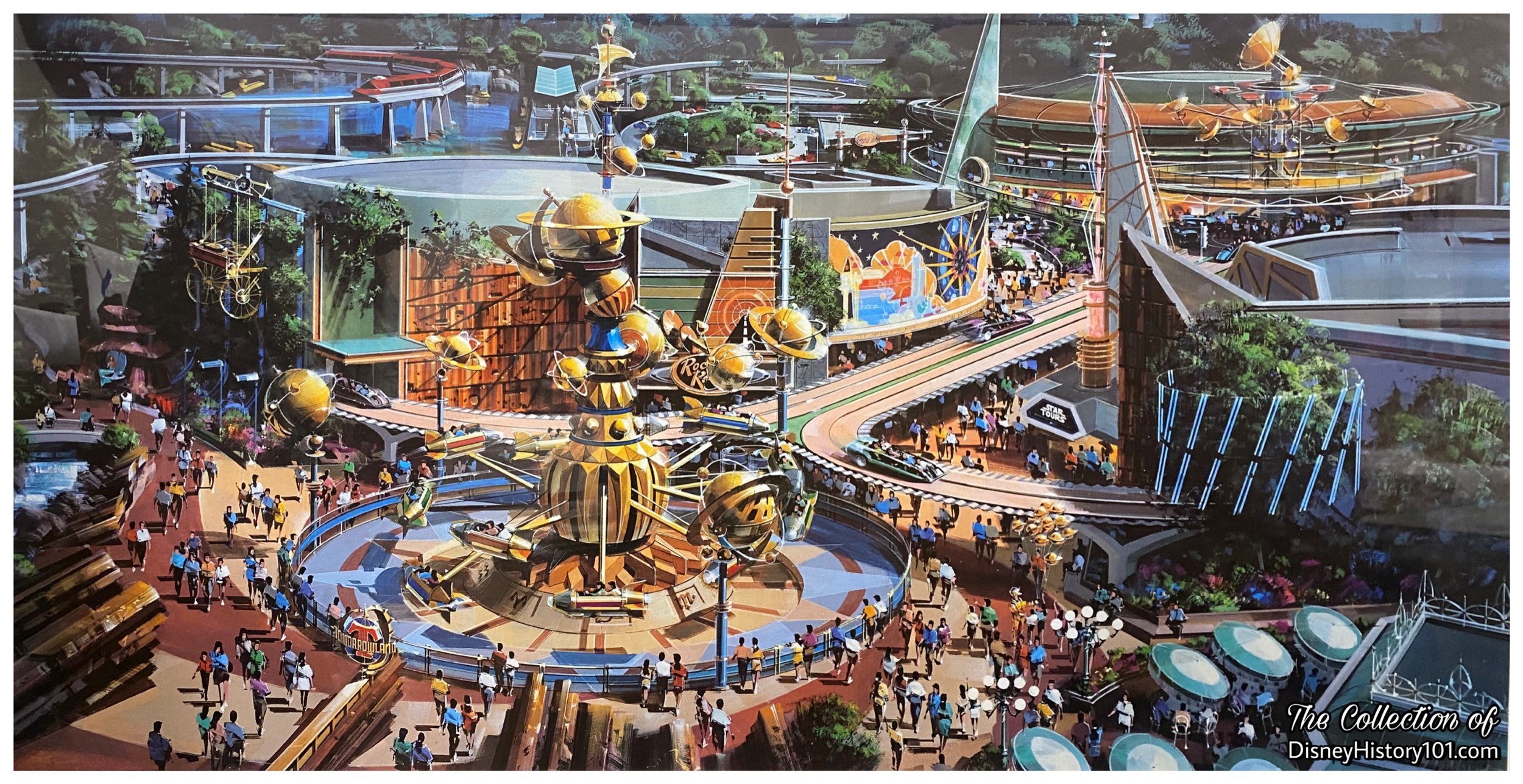

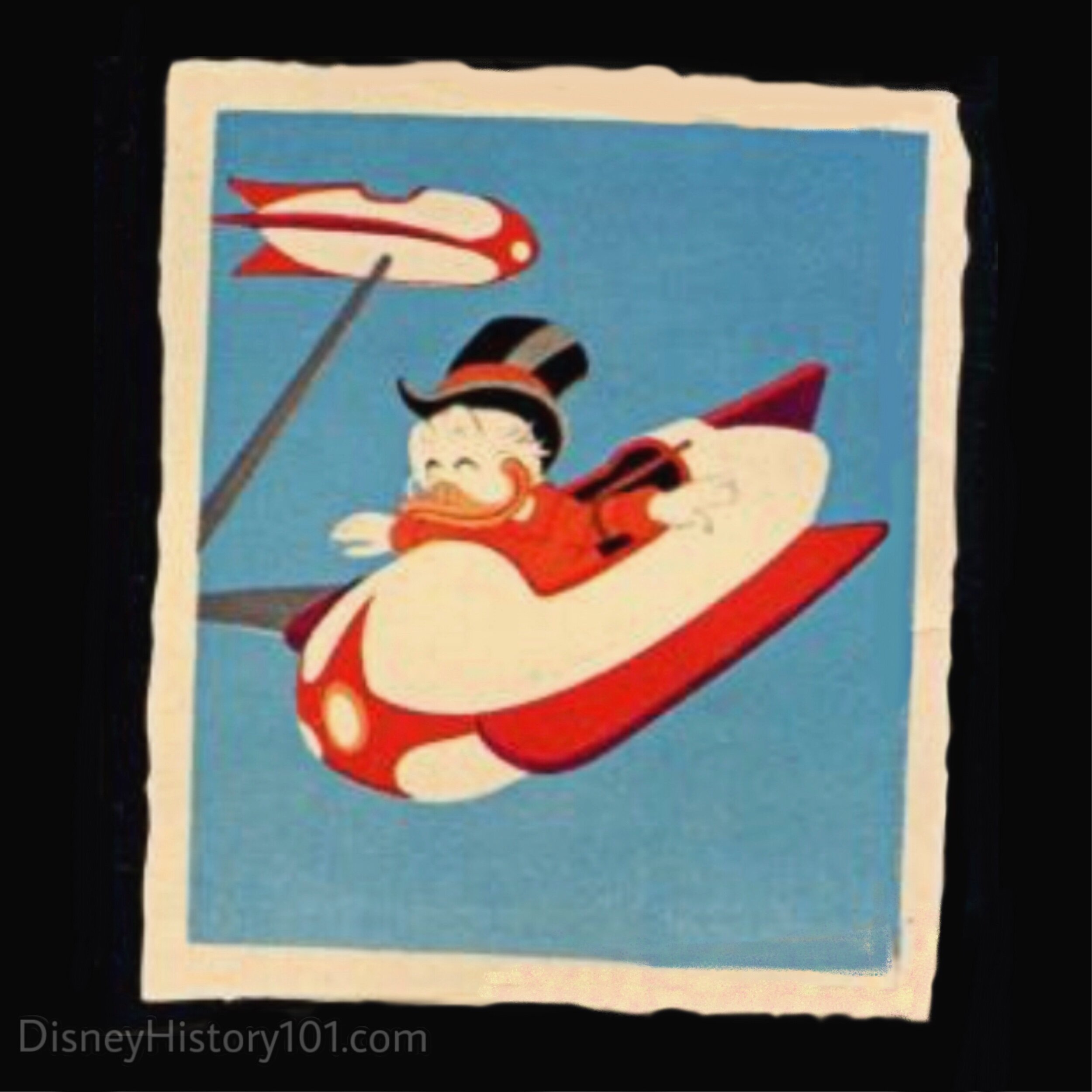
By the release of the “Disneyland 1st Anniversary Souvenir Pictorial,” it was reported that “new rides have added some 40 percent to the Park’s ride capacity,” listing “the Astro Jet” among the contributors. Yes, in “Uncle Scrooge Goes To Disneyland” #1 (published 1957 by Dell Comics), even Uncle Scrooge shelled out the fare of one “Adult Admission” ($1.00), and likely the price of an “Adult Big 10” ticket book, in order to soar high over Tomorrowland aboard an AstroJet in this Carl Barks artwork!
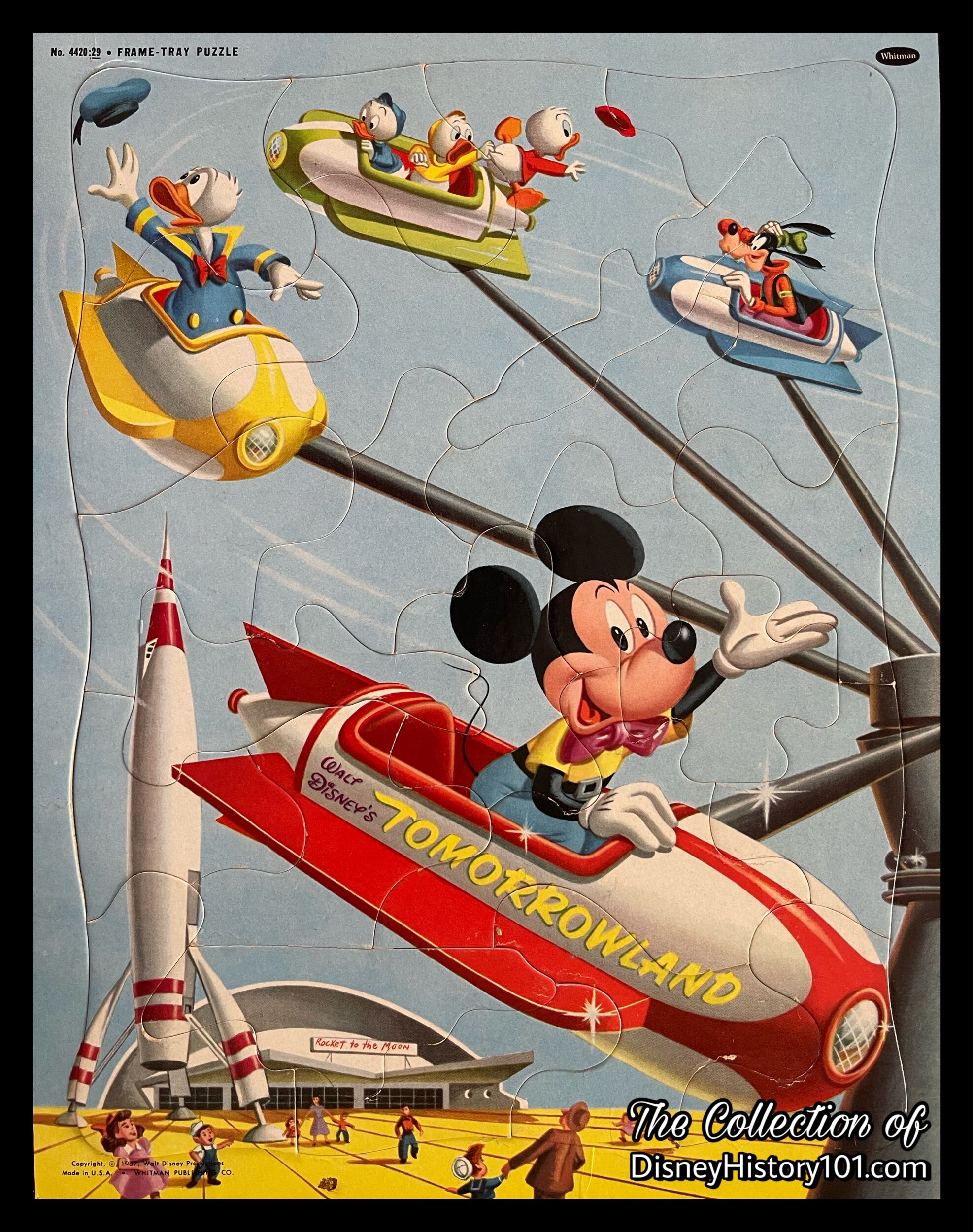
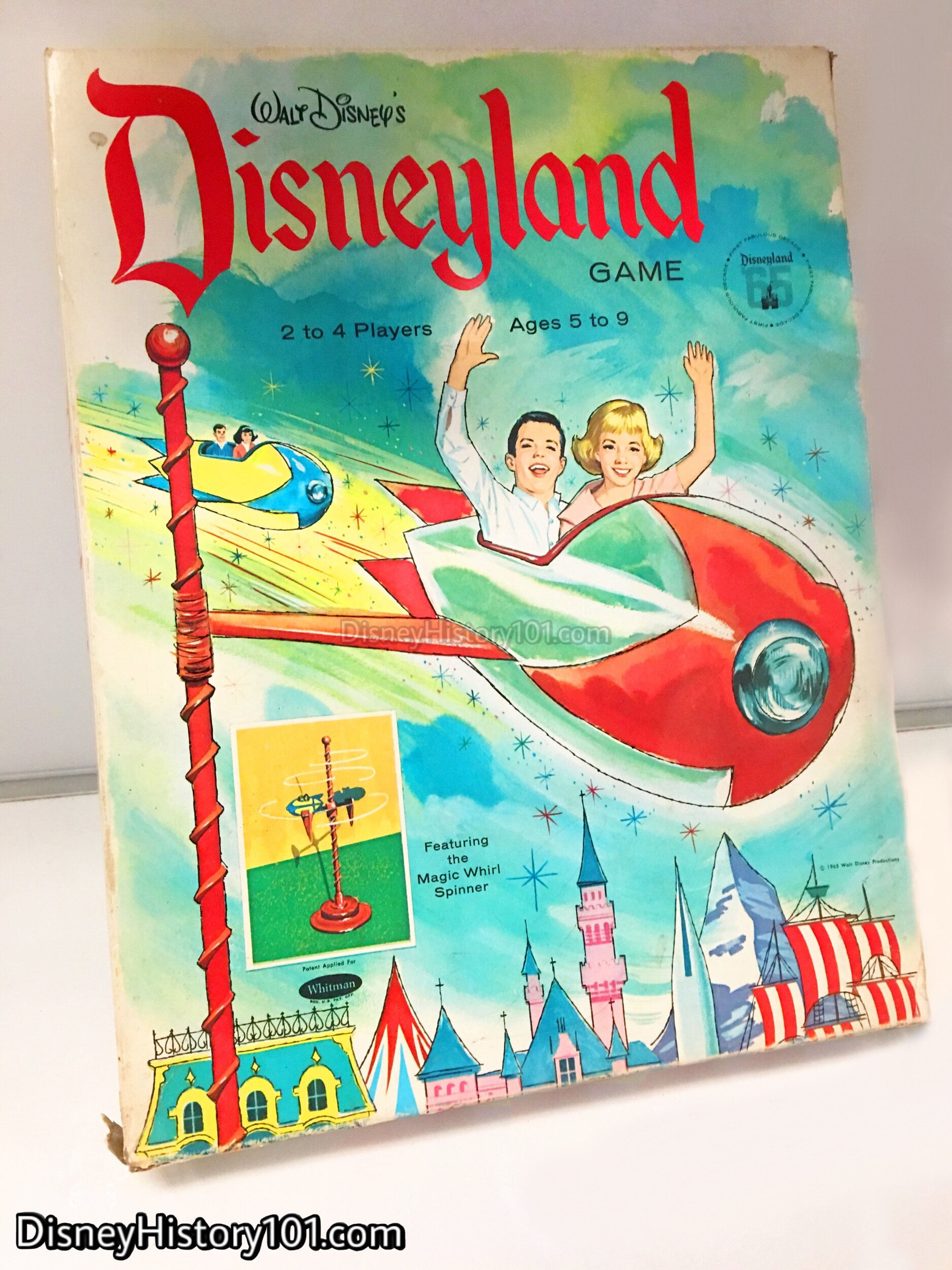
“Walt Disney’s Disneyland Game” was manufactured by Whitman (maker of fine Disneyland publications, puzzles, and games). This Disneyland board game not only features the AstroJets on the cover art, but it also contained a buildable AstroJets-themed ‘Magic Whirl Spinner’!
AUTOPIAS (FANTASYLAND, JUNIOR & TOMORROWLAND)
Let’s Tour The Twisting Turnpikes of Disneyland’s AUTOPIAS!
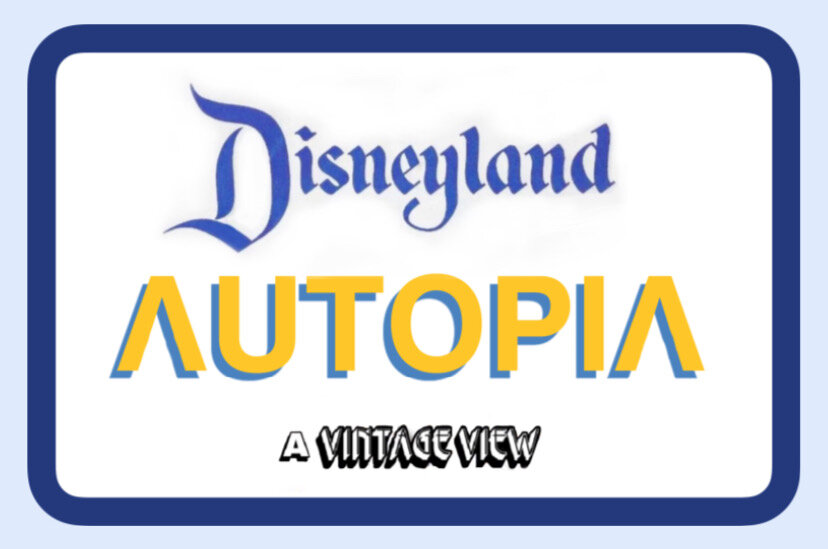
Ah, . . .automobile utopia! The presentation of the Autopia show on the vast DISNEYLAND “stage” has been a distinct part of the Disneyland theater concept. The Disneyland Autopias are “senior” attractions - having both delighted and excited generations of guests (as 1 of 22 initial major attractions at Disneyland® Park) since opening day, in 1955! Here, children of all ages can get the feel of what it’s like to get behind the wheel of an automobile, and steer it along a futuristic high-speed highway (in fact, the safest “super-highway” in the world). And if you’re a safe driver, you just may earn your Official Autopia Driver’s License. Walt Disney had such an affinity for the Autopia attraction, that his very own car was even kept on display in Tomorrowland for years (when he wasn’t personally driving it).
Owing to the popularity of the Autopia and Imagineers who knew their audience, there have been a total of four Autopias in Disneyland through the decades:
•Tomorrowland Autopia (July 17, 1955 - present) also known as the “Senior Autopia” for a time on Plot Plans.
•Junior Autopia Freeway (July 23, 1956 - September 15, 1958)
•Midget Autopia (April 23**, 1957 - April 3, 1966) **Some sources cite April 13th, or 27th as the opening date. Due to its separate scale from all other Autopias, the Midget Autopia has a separate Vintage View gallery, which may be visited by clicking the LINK.
•Fantasyland Autopia (June 6, 1959* - March, 1991) ; (November, 1991 - September, 1999) *A soft opening occurred on January 1, 1959

The Autopia tracks have also undergone many changes (for instance, on June 29, 2000, under new sponsorship, the Chevron Autopia would incorporate both the Fantasyland Autopia and the Tomorrowland Autopia). In addition, updated vehicle models have replaced the outdated or mundane ones, keeping in step with one of the original themes of Tomorrowland - progress! Not withstanding all this progress, the Disneyland Autopia continues running! In fact, by 1971 (according to one “Disneyland Admission Media Rides and Attractions Report” published 1971), an amazing figure of 47,756,550 guests had driven (or rode passenger in) vehicles of the Autopias at Disneyland! Just imagine how many guests have sat behind the wheel up to our recent era! But before we race all the way to the end of our story, “please, step this way” back to the proverbial “starting line,” and let’s explore the origin and history of this Disneyland Parks attraction, and find out what makes it such a timeless delight!
“The Starting Line of 1952”
In 1952, Walt Disney founded a company called WED Enterprises, Inc. (the architectural and engineering design division of Walt Disney Productions) in order to master-plan and design his his dreams of a Park. Some 2-3 years before the dream of Disneyland (and Tomorrowland) became a reality, Walt and company began to compile descriptions of the would-be Park in order to help potential investors (both banks and corporate sponsor representatives) envision this unseen land! Of particular interest to us is the 1953 Disneyland Prospectus (pages 2 and 3), which described the original vision of Walt Disney’s World of Tomorrow. In the contents of this document, we hear the first mention of the Autopia:
“This is the home of the exciting World of Tomorrow …where the fascinating exhibits of the miracles of science and industry are displayed. The theme for the World of Tomorrow is the factual and scientific exposition of the Things to Come…Among the exhibits, that will change from time to time, are. . . The Little Parkway system where children drive scale model motor cars over a modern freeway.”
It was about this same time (1953), that Walt Disney Studio accountant Milt Albright briefly enters our story. Milt loved cars (like Walt loved trains), and knowing that Walt was developing a freeway-based attraction for his future Park, Milt (with the heart of an imaginative engineer) attempted to capture Walt’s attention by designing and creating his own miniature 1954 Corvette-inspired automobile prototype. According to Miley’s own account: “I was working at the Studio, and heard rumors of plans for a big amusement park. I immediately asked for a transfer, which turned out to be a 'no-no, of Studio policy. But I found out there was an attraction to be called Autopia. Working nights and weekends for about eight months, I made a little car in my garage...fiber glass body and all. When it was finished, I hauled it to the Studio.“
At first glance, Walt was so impressed with Milt’s car that he took it for a spin (as Walt had the habit of “exploring new paths and experimenting with new technologies), but he did not know that the car didn’t have any brakes. Decades later in interview with Anaheim Bulletin (published in the future year of 1987), Milt finally divulged what happened next. “Well, Walt crashed into a wall to stop it, and the [fiberglass] body of the car cracked in half like a walnut.” Walt wasn’t very impressed with the Autopia vehicle design (which was never seen again), but he did hire Milt as Disneyland’s Accounting Manager during the spring of 1954.
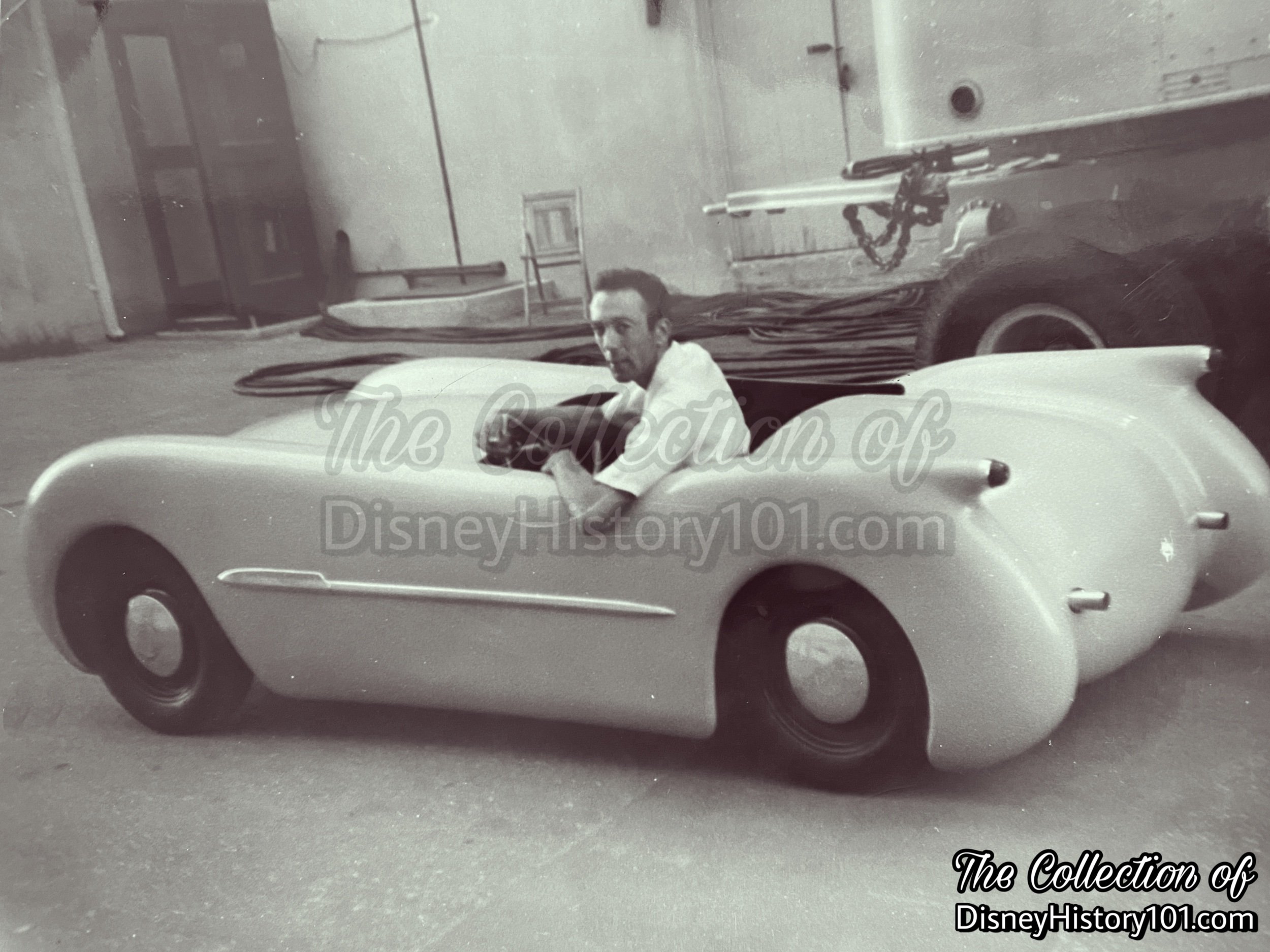
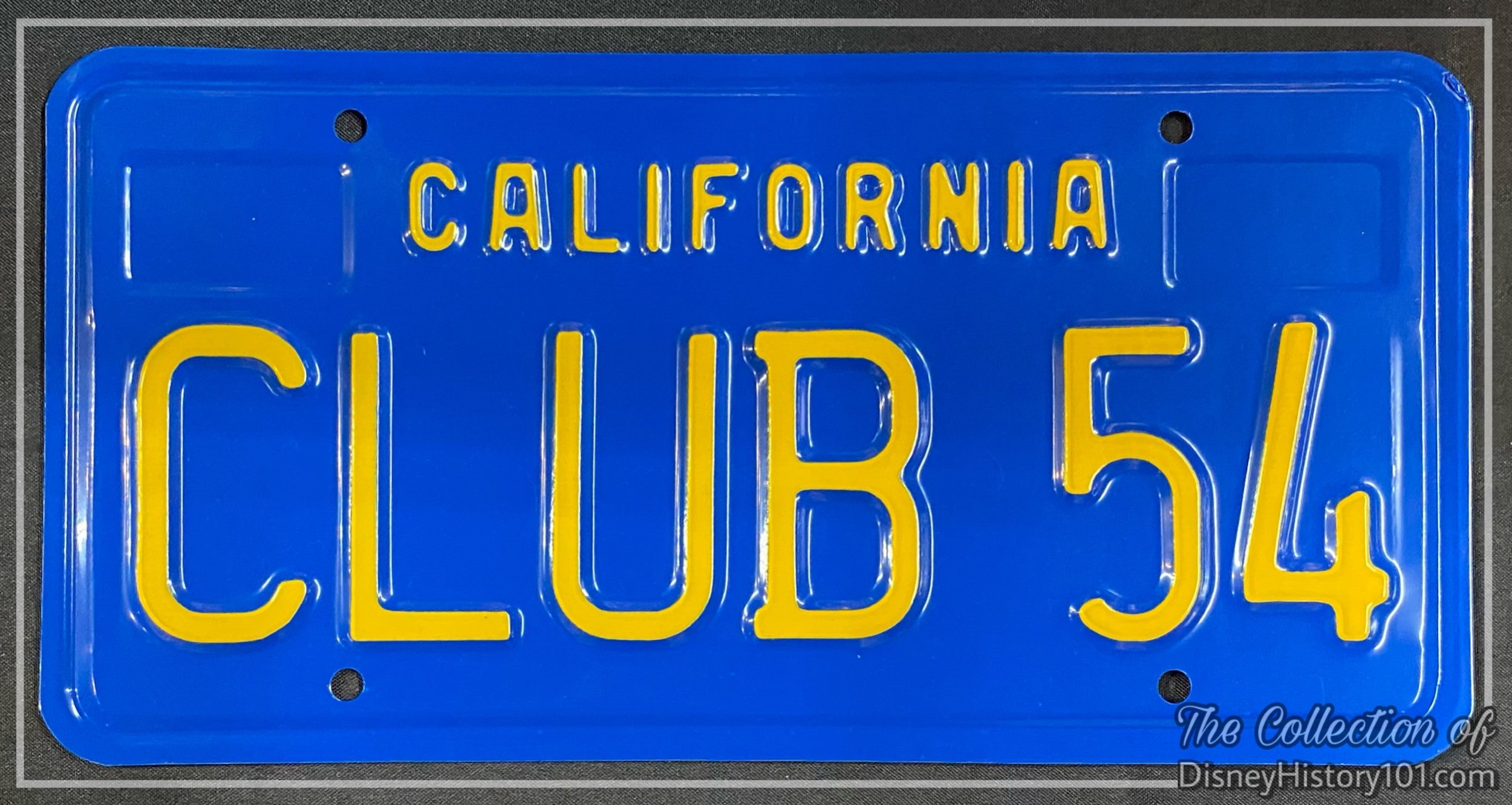
“Autopia Research, Development, and Prototypes of 1954”
Walt knew that it would require the assembling of a coalition of talents to Imagineer his “Freeway of the Future” at Disneyland. As vital as each wheel of an Autopia motorcar were the individual people that contributed to the development of the timeless attraction.
One such talented person was Herbert Ryman. Herb had joined the Disney Studio in 1938, after Walt saw a public show of his work in New York. (Herb's paintings were being exhibited with those of another up and coming artist, Andrew Wyeth.) Herb Ryman acted as art director for such films as Fantasia and Dumbo, but had left Walt Disney Studios in 1946 and (by 1953) was employed by 20th Century Fox. However, Walt reached out to Herb and during one weekend a historic drawing of the Park (and the Freeway of the Future) was produced.
As it was once said, there were no “spare tires.” Within a few months, Dick Irvine would hold the very first Autopia meeting, during October of 1954. Artists like set designer Wilson “Bill” Martin (who had left 20th Century Fox, to work on Walt Disney Productions’ Disneyland project) would become influential in the design of Autopia, his talents as art director applied to the attraction. It was only a short matter of time before Roger Broggie Sr. (of Walt Disney Studio Machine Shop) was also brought onboard for the project. Roger was tasked with research and development of the “scale model motor cars” that would populate the “Freeway of the Future” at Walt’s Park. For now, Roger reached out to a company in West Germany to fabricate a small yellow-and-green, “two-stroke engine”-powered auto. Meanwhile, he quickly went to work on researching and developing a bumper system for the vehicle. The product was subsequently shipped to Walt Disney Studios in Burbank, possibly via Eric Wedemeyer Inc. (the same ride import company that would be responsible for bringing the Astro-Jets to Disneyland in 1956). However, the pale yellow and green Studebaker-like vehicle was disapproved by Walt, and new designers (Johnny Hartmann’s Hartmann Engineering Company of Montrose, California) would start over from scratch, building a brand new chassis and drive.
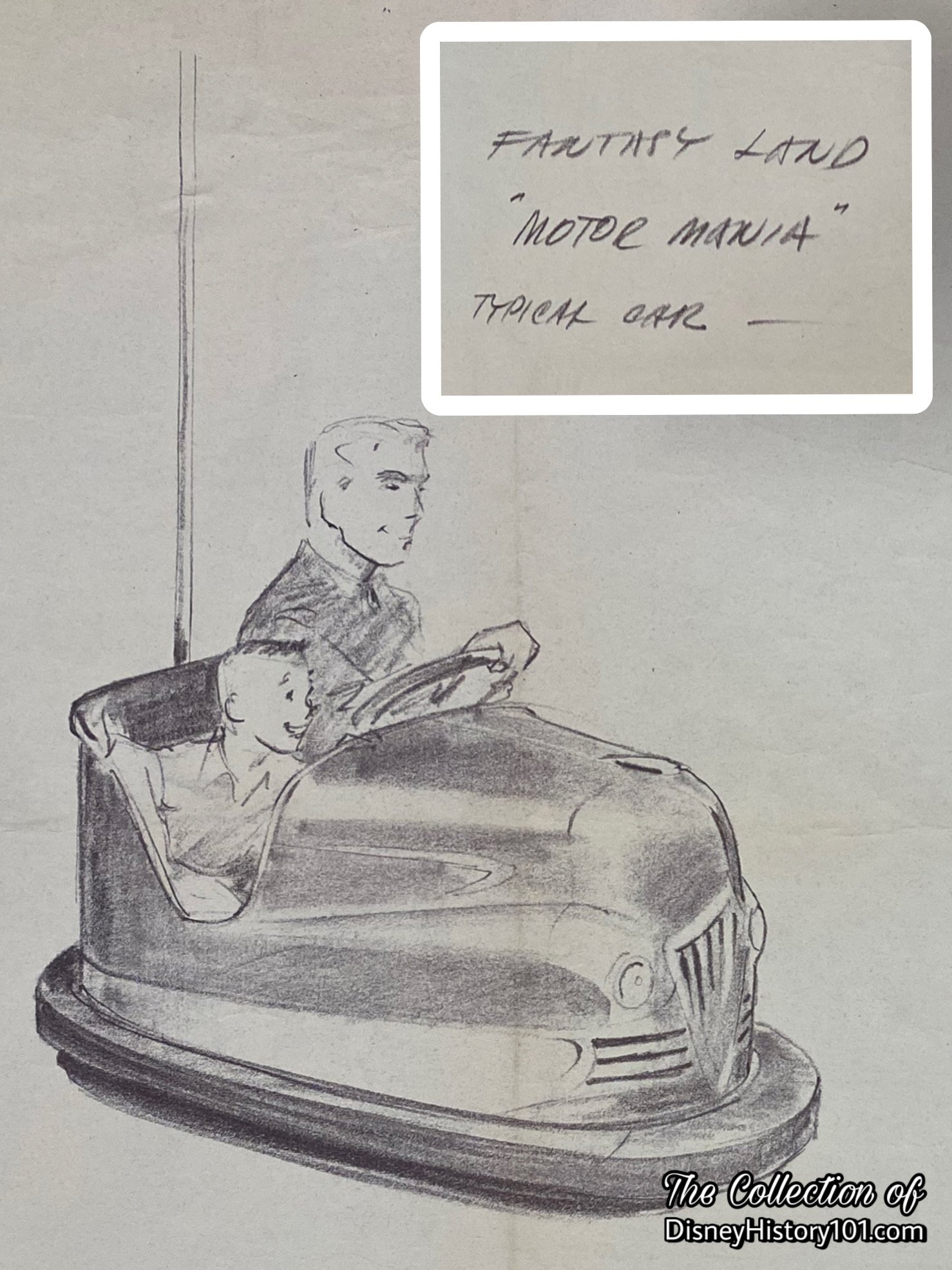
Meanwhile, there were several automobile-themed attractions being developed for Disneyland. For instance, Bruce Bushman (of Bradley & Kaye Amusement Company; 8506 Beverly Blvd., Los Angeles 48, Calif OLeander 5-8029) created a concept for Motor Mania intended for the Fantasy Land.
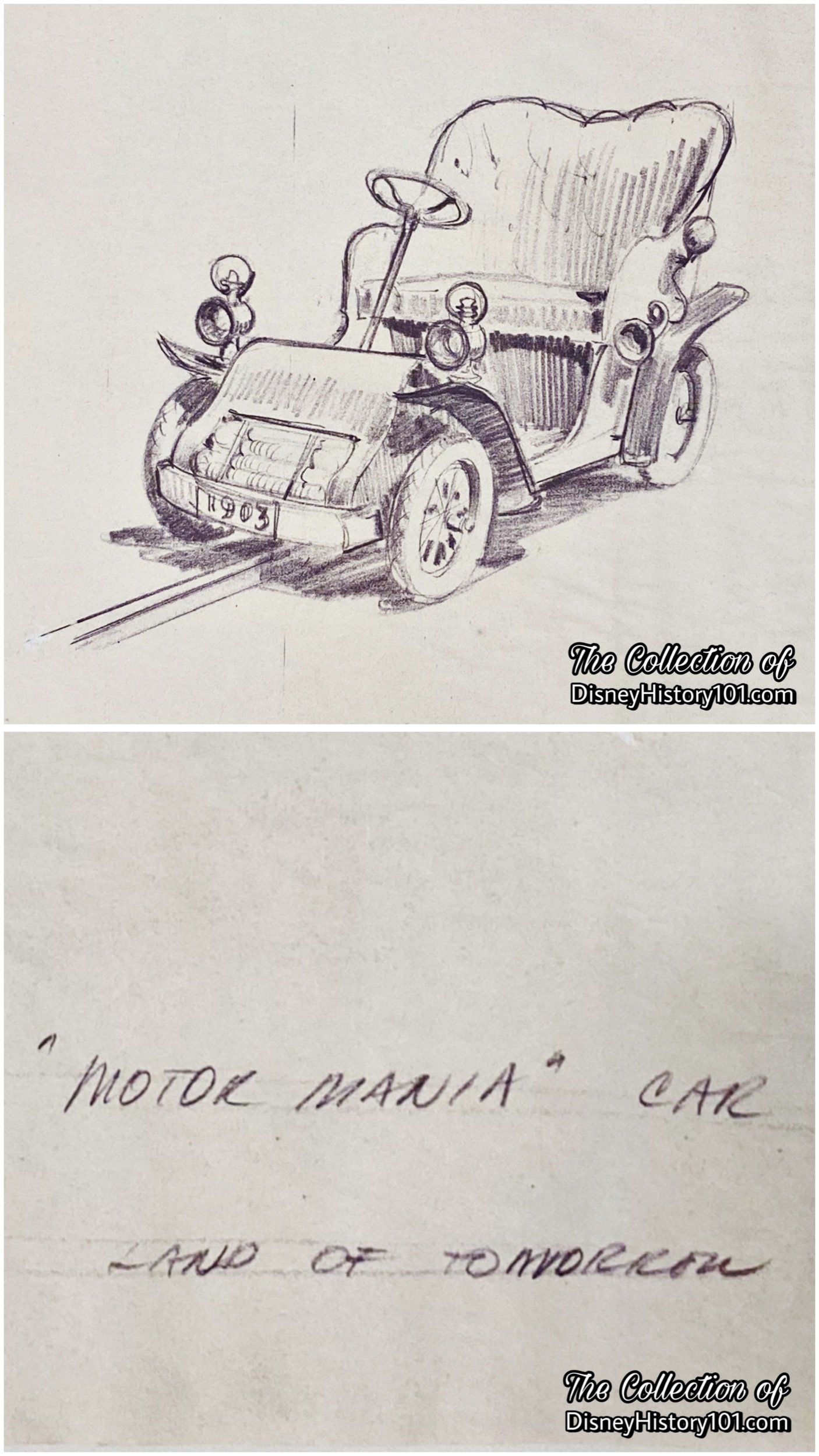
Bruce Bushman (of Bradley & Kaye Amusement Company; 8506 Beverly Blvd., Los Angeles 48, Calif OLeander 5-8029) also created a concept for MotorMania, possibly a Goofy-themed adventure intended for the Land of Tomorrow.
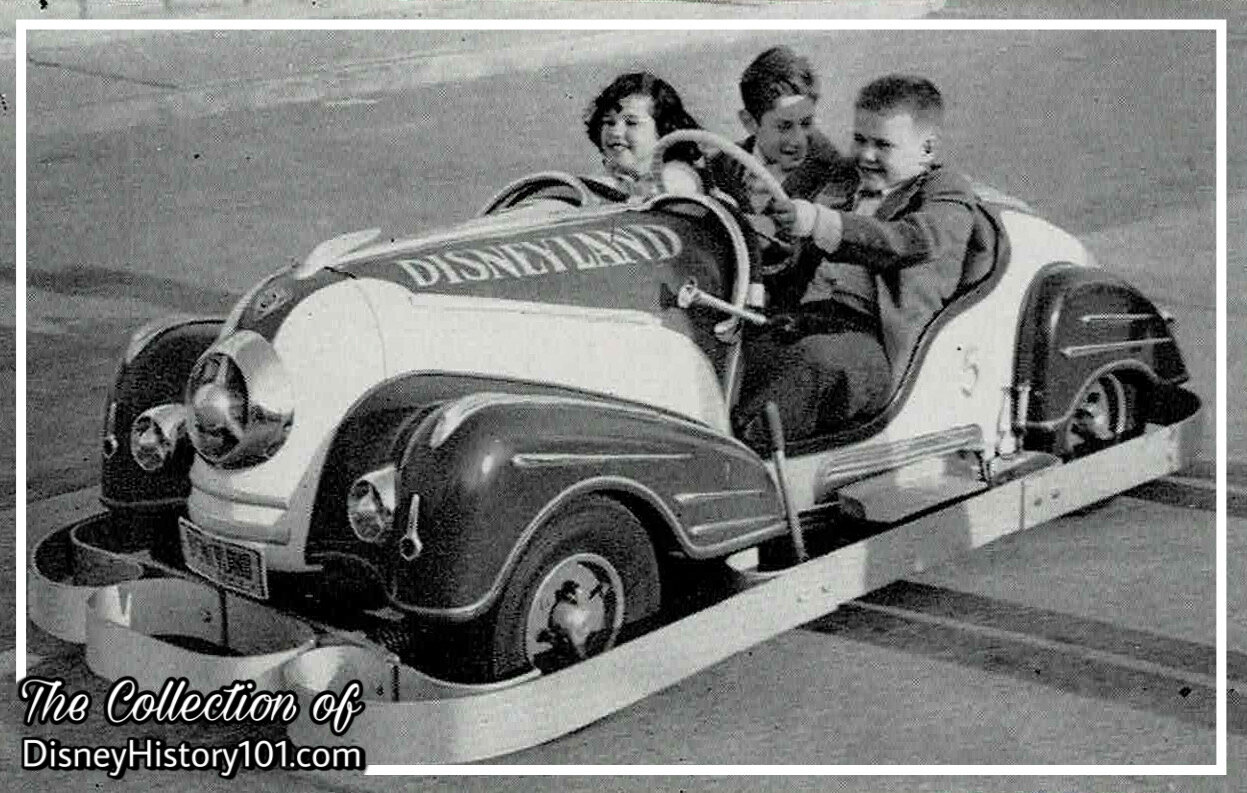
The same prototype vehicle (pictured above) and possibly the same driver can briefly be seen with passenger Kirk Douglas (while wearing his 20,000 Leagues Under the Sea costume), in “The Disneyland Story” (a “Disneyland” television show episode sponsored by American Motors)
According to “Disneyland’s Autopia” (published in Rod & Custom, November, 1955) : “Wanting a futuristic car that would be both safe and big enough for children or a child and a parent - or two adults - Disney’s engineer called in Johnny Hartman from nearby Montrose. Johnny is no newcomer to the game as he has been responsible for several successful track roadsters, street rods and special speed equipment for the reliable old Chevy 6.
Presently occupied with orders from the aircraft industry, Johnny nevertheless took time away from his machine shop to create and develop a functional chassis sturdy enough to take the bumps and bangs that the amusement park’s kids would subject the cars to during a 12 hour day, seven days a week, 365 days a year. “
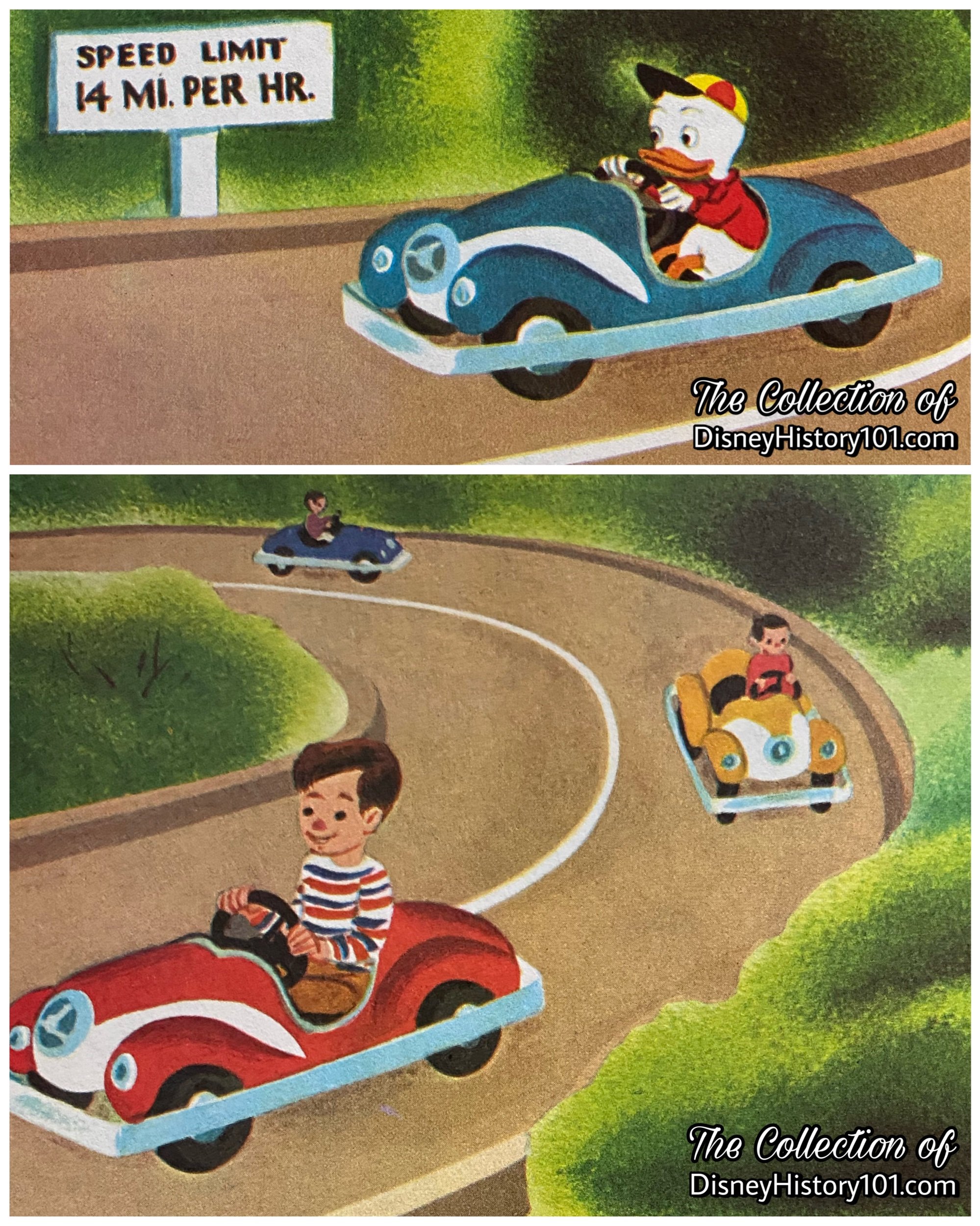
By July 1, 1954, George Whitney of Disneyland, Inc. directed Amusements, with Ron Miller overseeing analysis, philosophy, capacities, planning, operator training, and amusement procurement. It was about this time, that the future Freeway of Tomorrow was described in some detail, in the Disneyland Prospectus of 1954 (a revised series of documents that explained Disneyland for potential investors and sponsors). On pages 3 and 4 we read a rather unique description and mission statement of the timeless Disney Parks attraction :
“In the amusement area you will find the Freeway of Tomorrow, where a child can get into a two-seater gas-driven automobile and take it out on the Freeway of Tomorrow,…Here he can go on the overpass, the underpass, cloverleaf, and the straight away, and actually learn how to steer and accelerate the car. These cars will go up to 10 to 14 miles an hour. When they reach that speed, the governor cuts out, which keeps the car from going any faster. This particular ride replaces the Dodgem that you find in most amusement parks, where children bang into each other. In our ride, the child actually learns how to handle an automobile, and the ride is a safe one.”
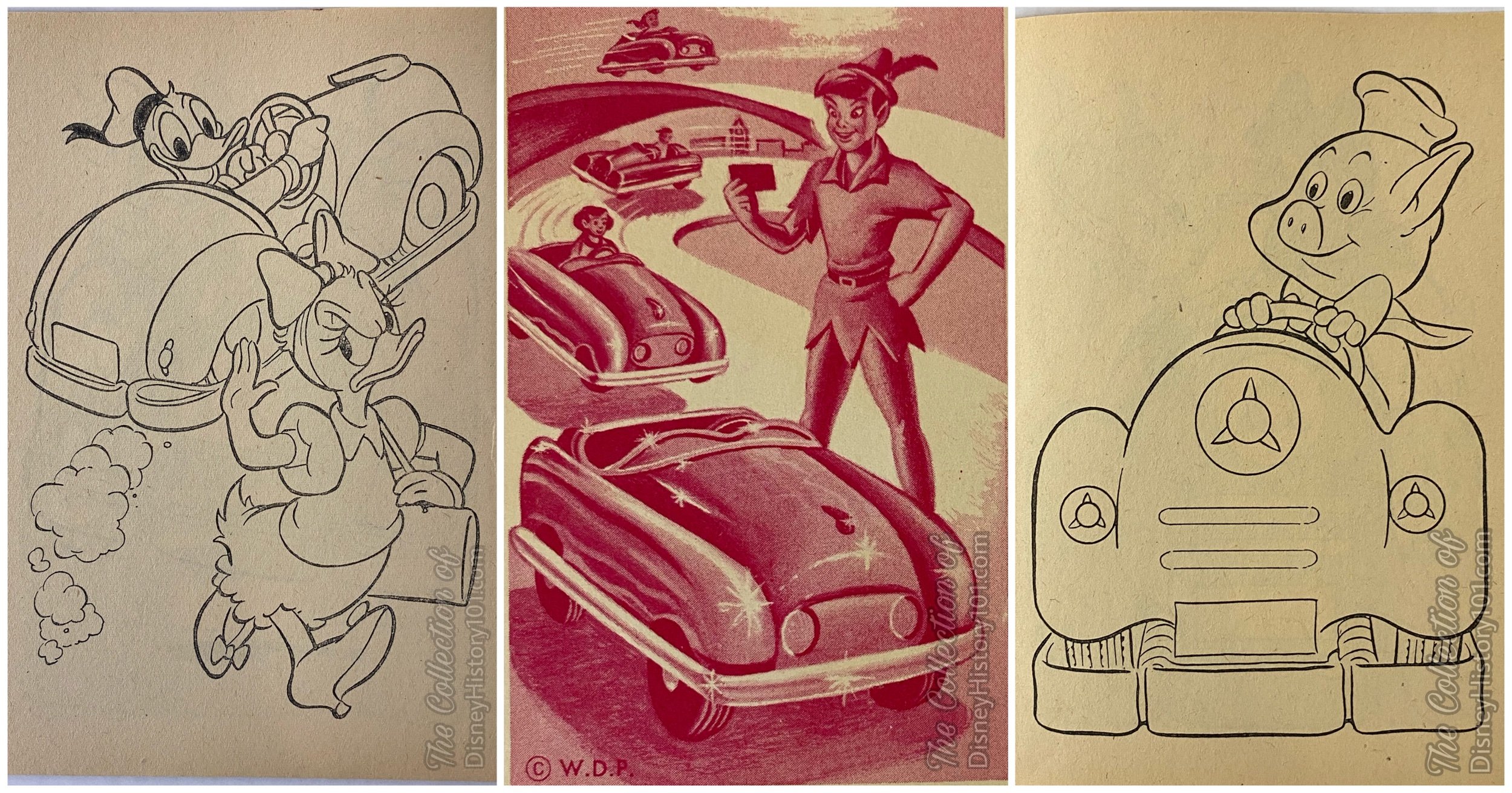
The back of the Whitman card (center) reads:
Here's Peter Pan looking mighty proud of his new driver's license! Now he can drive one of the new miniature cars along the Autopia Freeway in Tomorrowland "Wonder if this road leads to Never-Never Land!" says Peter. "Might as well try it. Tinker Bell is waiting for me, and this beats flying!”
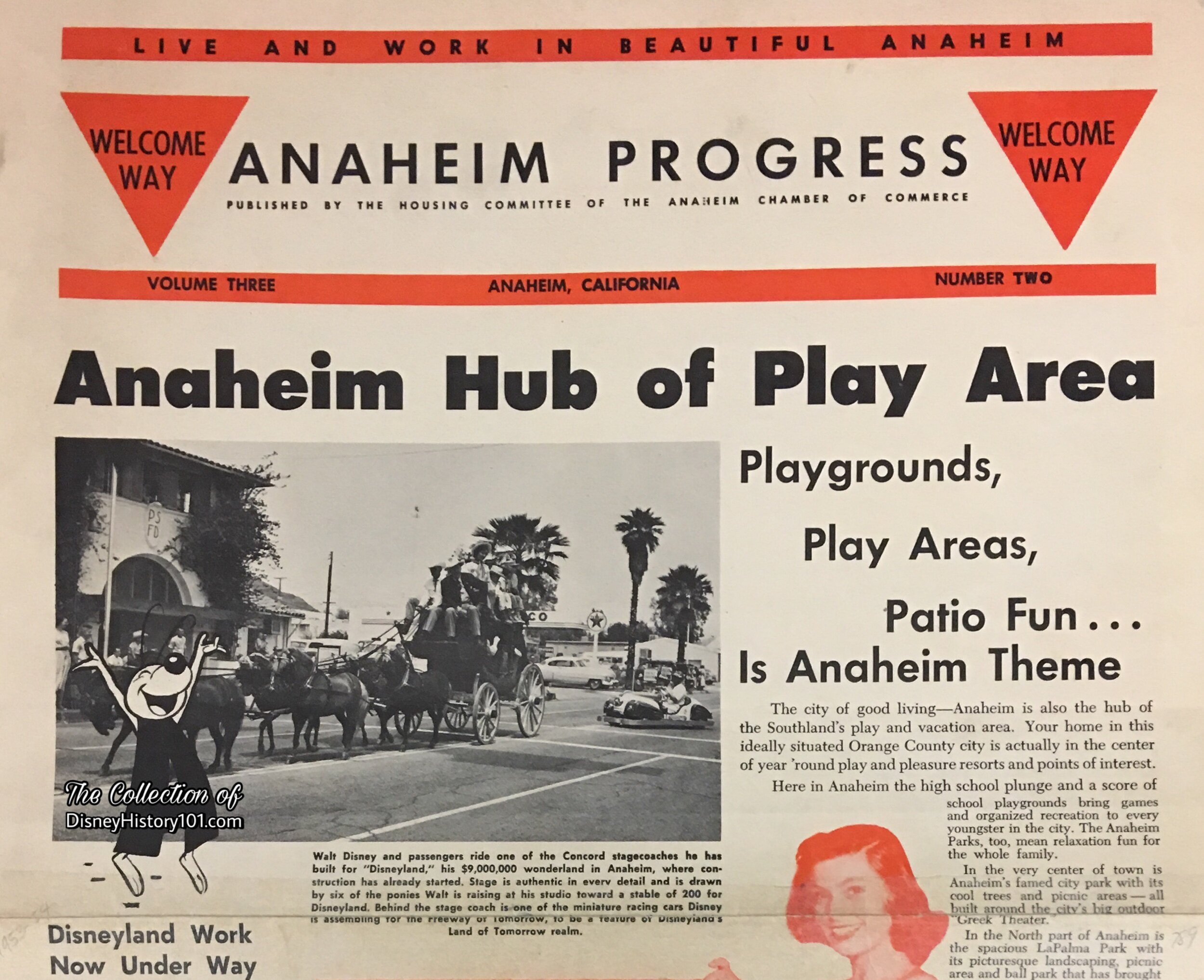
Soon after Roger Broggie Sr. joined the Autopia project (in 1954), many different artists were utilized to develop concepts and drawings. The “Freeway of the Future” (with its twisting turnpikes) was included in Herb Ryman’s “Aerial View Over Disneyland,” which was included in the Disneyland Presentation Portfolio (prepared by Walt Disney Productions and WED Enterprises). The artwork in this portfolio was taken “back East to sell the Disneyland concept to prospective licensees”, according to Dave R. Smith (Founder of the Walt Disney Archives). Viable project Concepts (as this), were supported by a well-developed business case and built expectation.
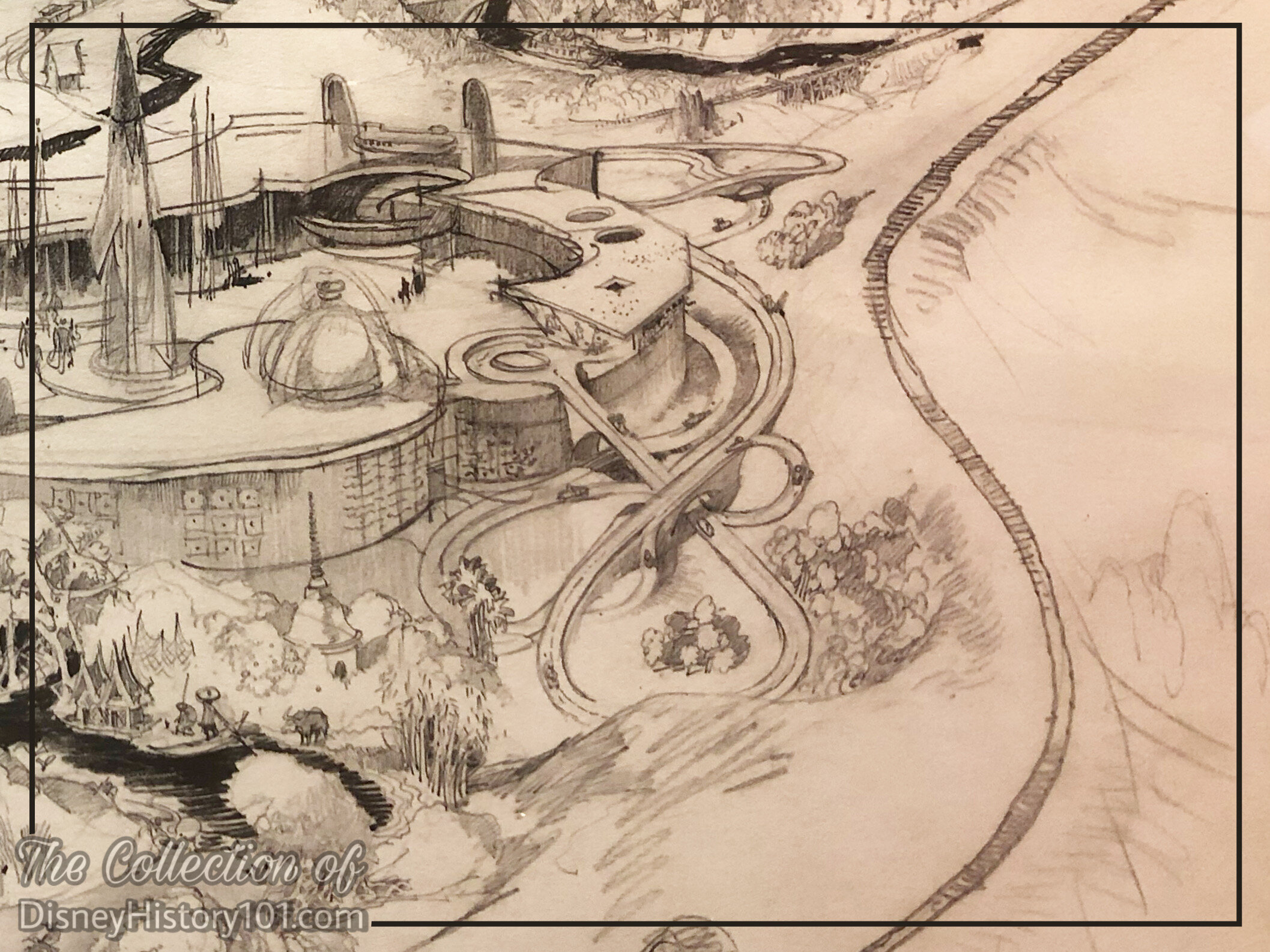
But one impressive 23-year-old true-life automobile “design impresario” was employed in the Walt Disney Studio Annex by June 1955, and involved in his first design meeting with Dick Irvine in October of 1954. Yes, Bob Henry Gurr (or R.H. Gurr), who had grown up a few miles from the future site of Walt Disney Imagineering, had previously received an “automotive styling degree” on a General Motor scholarship, at the Art Center College of Design in Los Angeles, and then went to work for the Ford Motor Company in Detroit. He had even been partially responsible for the design of the brand new Lincoln Continental. Now, after publishing four automotive design books through Dan Post, Bob was referred (by Ub Iwerks) to both Walt Disney and Roger Broggie, to dream up the design of the Autopia Mark Is.

Initially on a part-time basis (during nights and weekends), Bob Gurr (for his first task) began re-evaluating and reworking Hartmann Engineering’s chassis. According to “Disneyland’s Autopia” (published in Rod & Custom, November, 1955) : “When the Hartmann Engineering Company completed the prototype, Robert Gurr–formerly with Ford during the designing of the forthcoming Continental–worked out the kinks associated with mass production.” For some undisclosed reason, following Bob’s re-working of the chassis, Hartmann Engineering lost interest, and dropped out of the Autopia project.
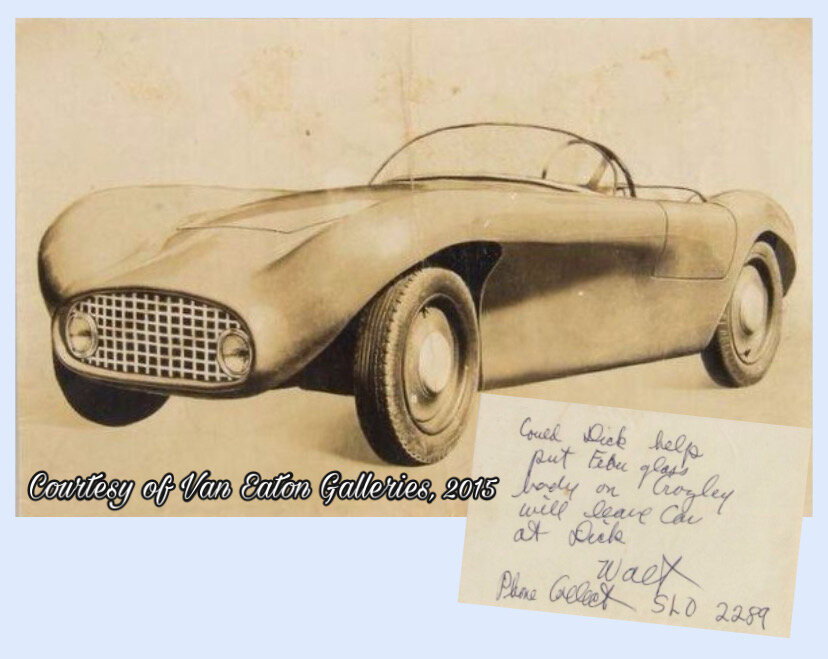
With Hartmann’s departure, Bob was brought aboard officially, on January 3rd, 1955, working out of the Walt Disney Studio Annex. Under the self-appointed title of “Director of Vehicle Design,” Bob was further singled out to develop a body for the vehicles. In interview with “E” Ticket Magazine, Bob remembered how he recalled that little yellow and green German car: “it vibrated horribly, and made so much smoke and noise…But that car was an inspiration to me, because I decided that I could show everybody that Disney could really have a terrific looking Autopia car.” And so Bob began by imagining Walt Disney’s Autopia car as a blend of the new 1954 Porsche 550 Spyder, and c.1953-1954 custom Italian Ferraris. You may have seen this c.1954 Freeway of the Future auto drawing inspired by the concurrent Chevrolet Corvette model (above), which has been attributed to either Bob Gurr. Note the similarity to the final Autopia Mark I body. In about a week, Bob returned with his first sketches. In time, many more drawings were proposed as changes were made, and once Walt approved the design, Bob created a clay sculpture of the initial final vehicle design.
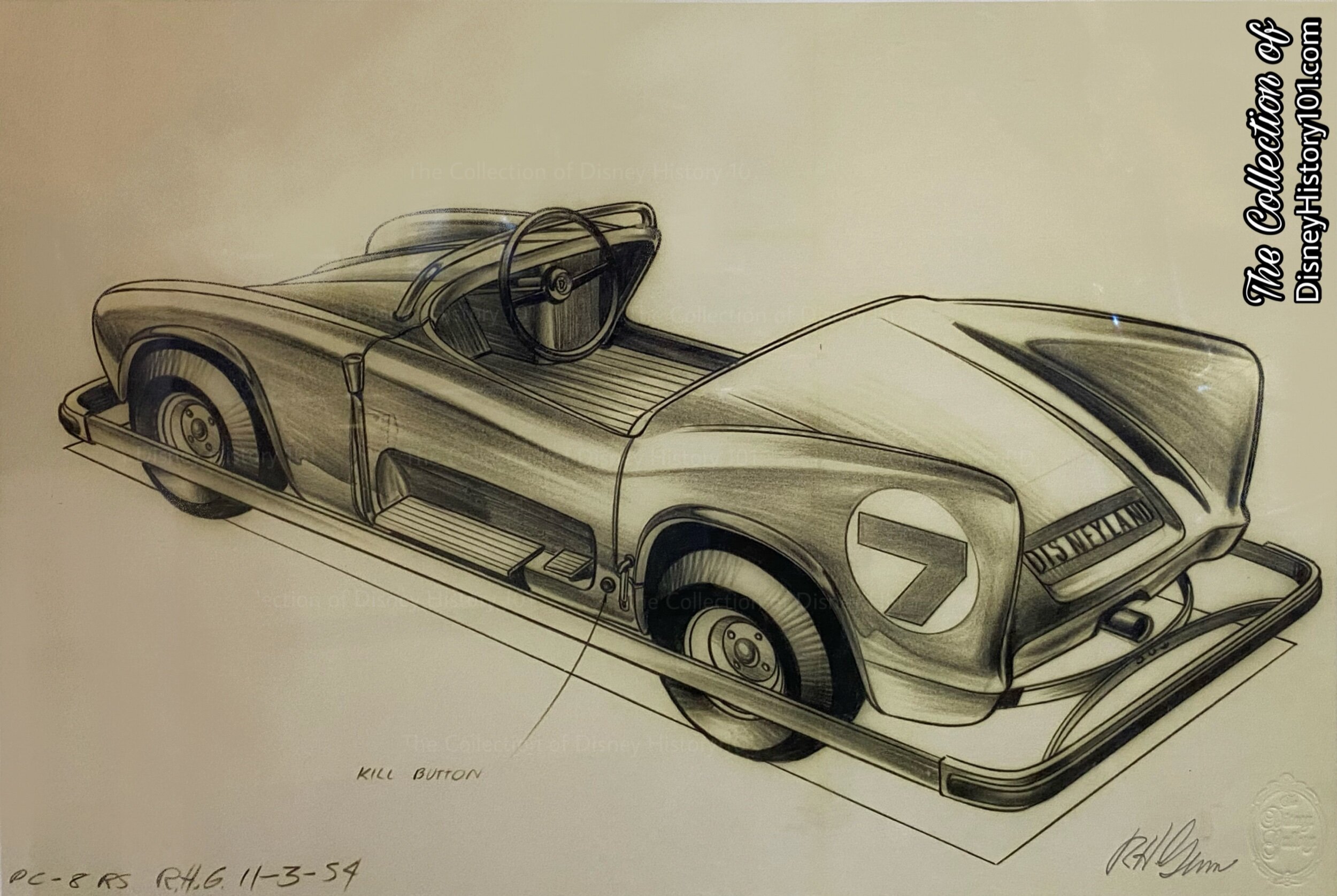
As mentioned, the finalized Autopia vehicle design aesthetic owes much of its existence to a true-life automobile engineer - Bob Gurr! According to “Disneyland’s Autopia” by Ralph Poole (published in Rod & Custom, November, 1955) : “Robert Gurr–formerly with Ford during the designing of the forthcoming Continental… designed a functional-looking sports car-like body. The bodies bear a slight resemblance to the best lines of Mercedes, Maserati, Ghia, and others all rolled into one.”
While Studio Machinist Roger Broggie was responsible for the bumper system as well as the design and manufacture of some parts (according to “Disneyland Inside Story” by Randy Bright), it shouldn’t surprise us to learn that the first fleet of Autopia vehicles largely originate, with a couple of true-life custom sports car fabricators! Yes, while many other opening day vehicles (from stagecoaches to dwarf’s mining cars) were constructed inside the sound stages of Walt Disney Studios, the entire fleet of 5/8-scale Autopia cars were uniquely constructed by a team of outside specialists - a small automotive engineering firm located in neighboring Newport Beach called MAMECO!
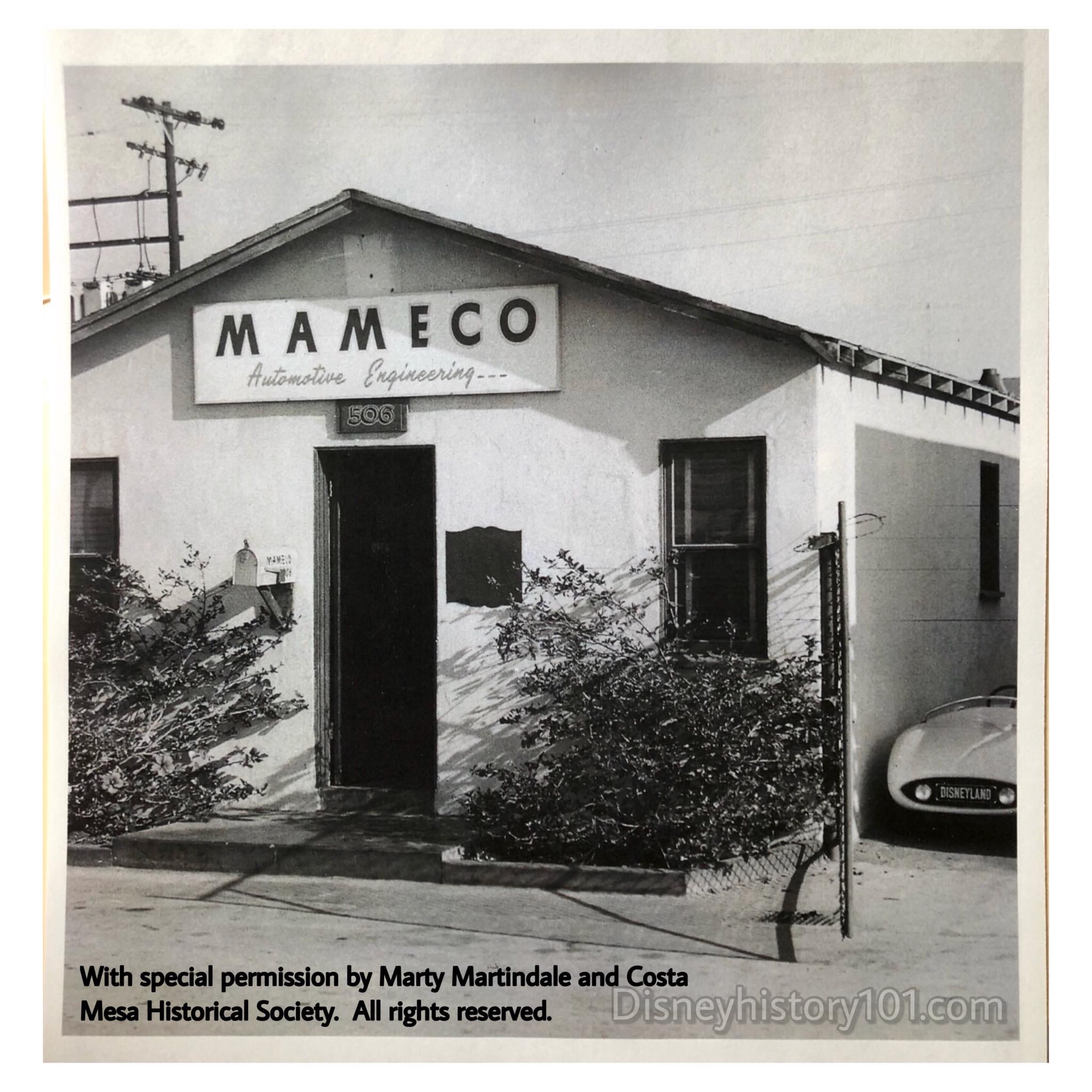
What is MAMECO? Marty Martindale answers, “MAMECO is an acronym for ‘Martindale And Mangels Engineering Company’.” MAMECO Automotive Engineering was just a humble Newport Beach Automobile Engineering business, and Owners and C.E.O.s Ted Mangles and Ed Martindale of MAMECO Engineering (in Newport Beach, California) had the honor of handling the historic contract for what would become a timeless Disneyland attraction. Marty Martindale (son of Ed Martindale) reminds us,"It was a different world back then. There weren't big factories where you would take [the concepts] and have somebody 'R&D' a car like that...They were all 'backyard operations'." Many of the parts were (not machined, but), purchased by Bob Gurr and then he would bring the parts to Ted and Ed's workshop. The duo (and Bob Gurr) can briefly be seen in the televised Disneyland anthology episode, “A Pre-Opening Report From Disneyland,” first aired July 13, 1955. In a short time, they would come to both research and develop Bob Gurr’s original designs, with a prototype ready by November of 1954. The prototype Autopia vehicle was approved, with a “top speed of 11mph, a 3 1/2 gallon gas tank and got 27 miles per gallon,” according to Disneyland Line (November 22, 1979). With that, Ted & Ed would begin to assemble the first fleet of forty Autopia Mark I cars!

How did a couple of Newport Beach kids come to build the first fleet of Autopia cars? Marty Martindale exclusively shares his father’s tale with Disney History 101, in “MAMECO’S AUTOPIA STORY”! WATCH the Disney History 101 People Featurette or READ THE FULL STORY HERE, and then continue your tour.
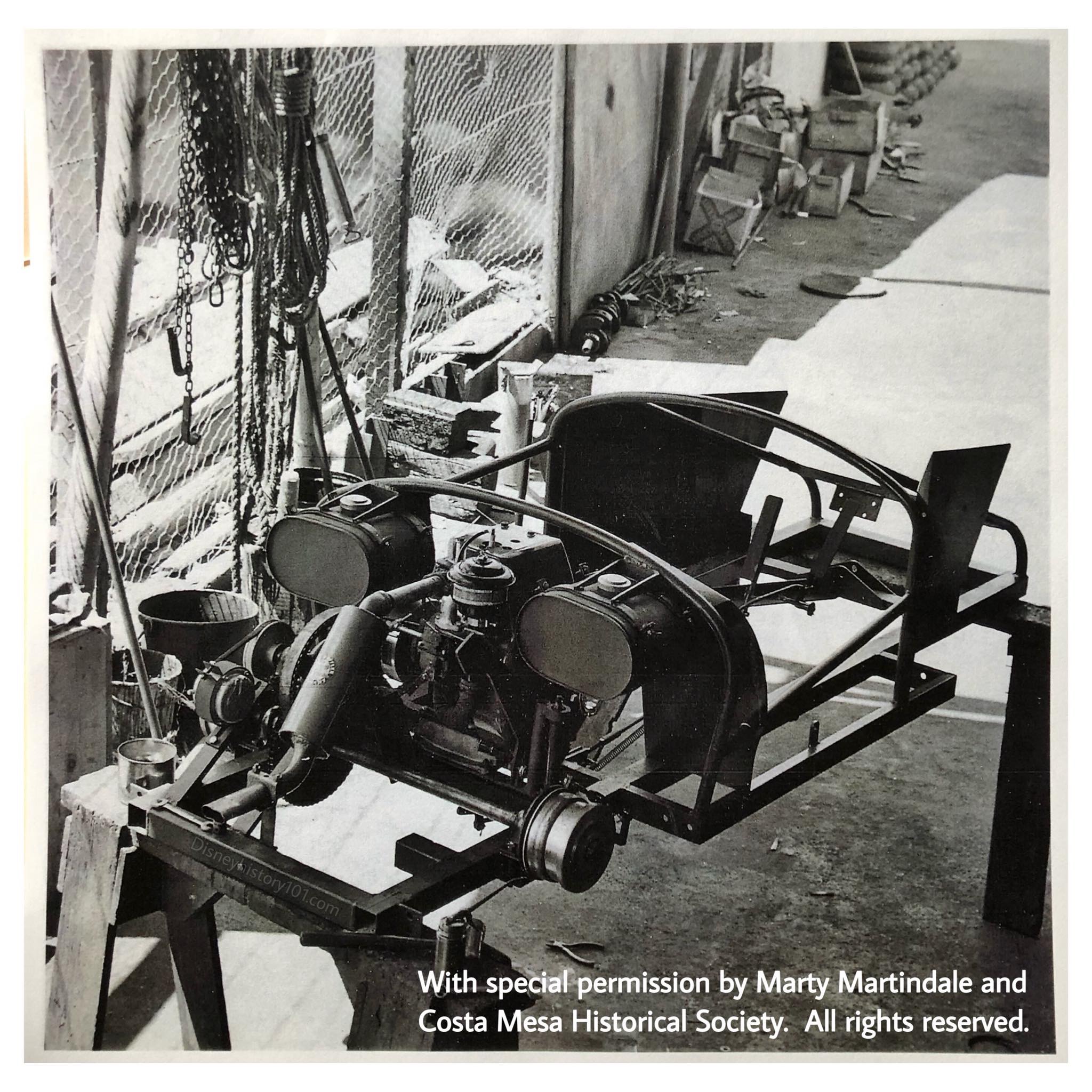
These three photographs offer rarely-seen “Vintage Views” of the construction phases of the original Autopia Mark I on the MAMECO lot in Newport Beach! Here, we get a look at that 160 lb. frame, fabricated from a 2-inch square cast iron tubing and 1-inch pipe, according to Bob Gurr. As mentioned before, the chassis and drive were first developed by Johnny Hartmann’s Hartmann Engineering Company of Montrose, California, and then redeveloped a little by Bob Gurr. Steel spindles, steel tubing, and 16-gauge sheet metal body supports were added to the chassis frame.
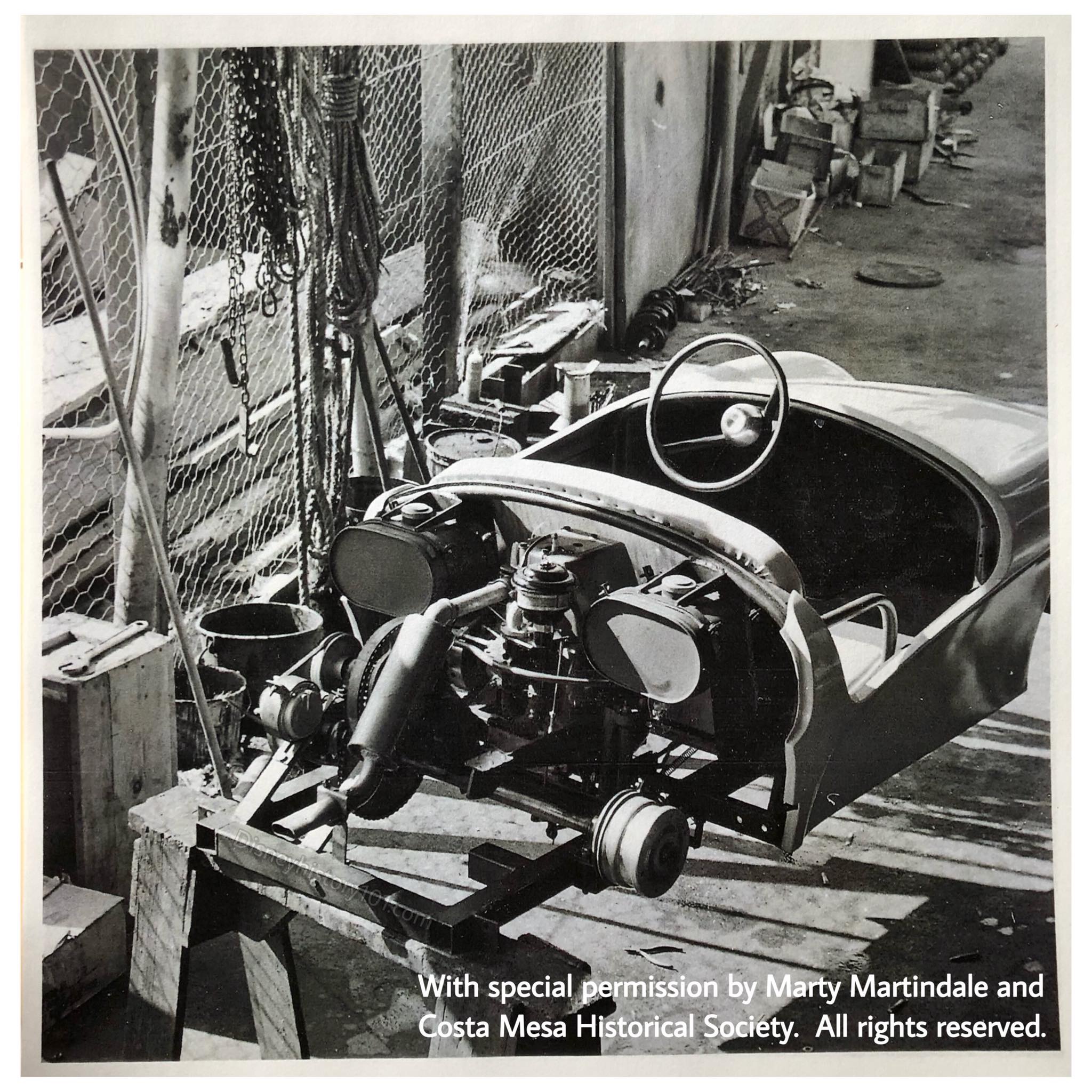
Next, Ted Mangles and Ed Martindale assembled the cars to the specifications, under the periodic inspection of Bob Gurr. By the filming of the Disneyland episode “A Pre-Opening Report From Disneyland” (1955), the cars were to have a one-cylinder, 6 1/2 horsepower engine. The finalized engine turned out to be a one-cylinder, 7 1/2 horsepower”Gladden ‘75” cycle air-cooled, internal-combustion engine which was mounted in the rear, and drove the left rear wheel.
The cars were equipped with centrifugal clutch.
The final product was designed to pick up speed pretty quick! The Autopia Mark Is had the capability to move up to 25mph, though guests only travelled a mere 11mph with the governor installed on the carburetor (a speed “cap” that has continued to the present). “All the tyro need do is step on the gas and steer. A tripping device under the chassis insures that the brakes are applied as the ride ends”, according to Road & Track magazine (published September of 1955).
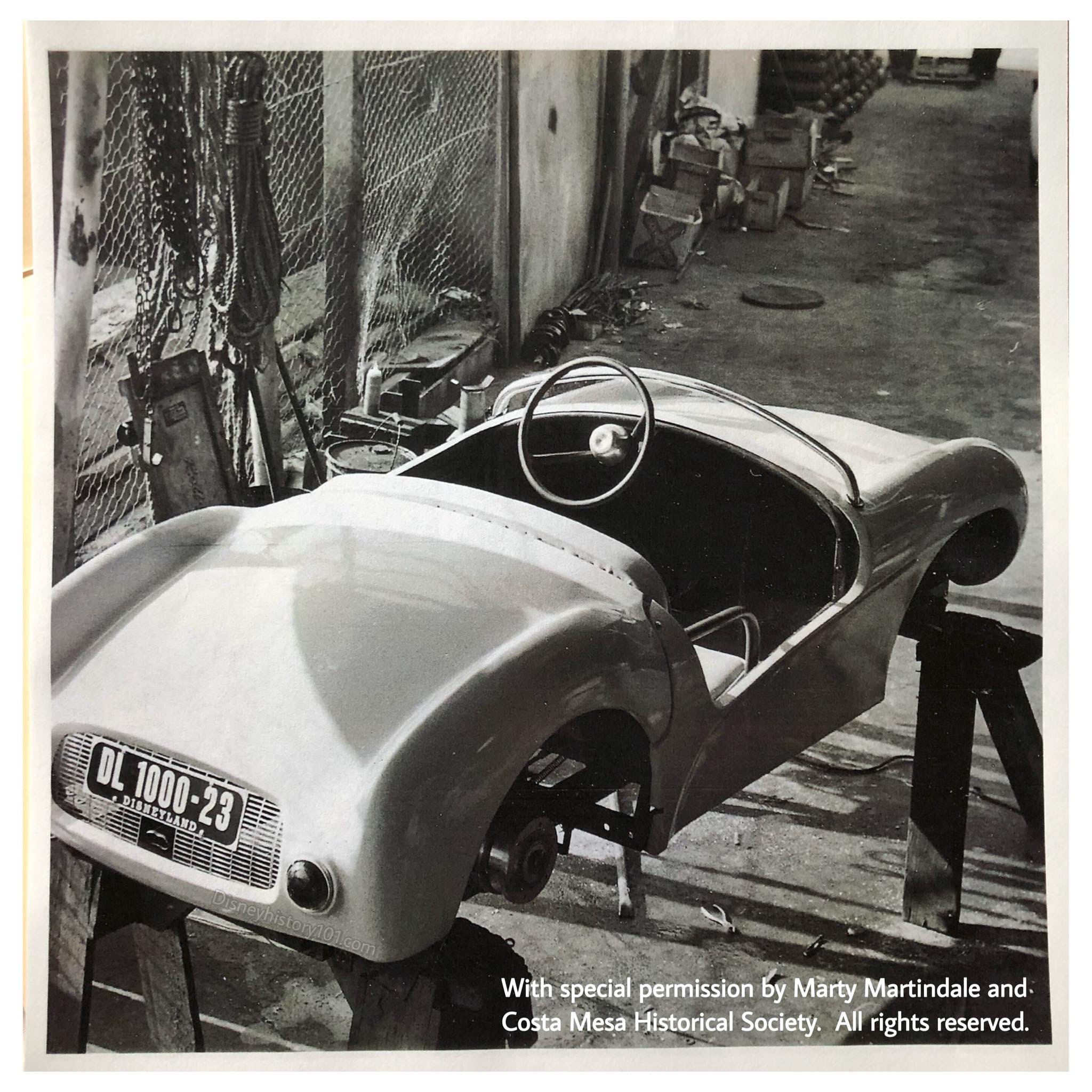
In addition, the Autopia Mark I vehicles carried features to make control easy. Each vehicle had two accelerator pedals (“so located that either may be used conveniently according to one’s leg length”), an automatic transmission, a spring-loaded throttle and an automatic spring-loaded braking system, a 7-to-1 “rack and pinion” style steering system (to complete those hairpin turns), foam dashboards (for safety), chrome handrails (for loading and unloading), durable Naugahyde bench seats (the same material used for the RETLAW passenger cars of the Santa Fe & Disneyland Railroad), sealed beam headlights (powered by 6-volt generators). As a “sidelight”, these working headlights were soon removed from the Autopia vehicles, and working headlamps would not appear again until the Autopia Mark Vs appeared in 1958. Lastly, the fiberglass body (built by Bill Tritt’s Glasspar of Costa Mesa, California) was added! “The styling has just the right touch of Italian flavor and proportion is excellent at about 5/8 scale”, according to Road & Track magazine (published September of 1955). Including the light-weight body, the final Autopia Mark I cars weighed approximately 474 pounds each.
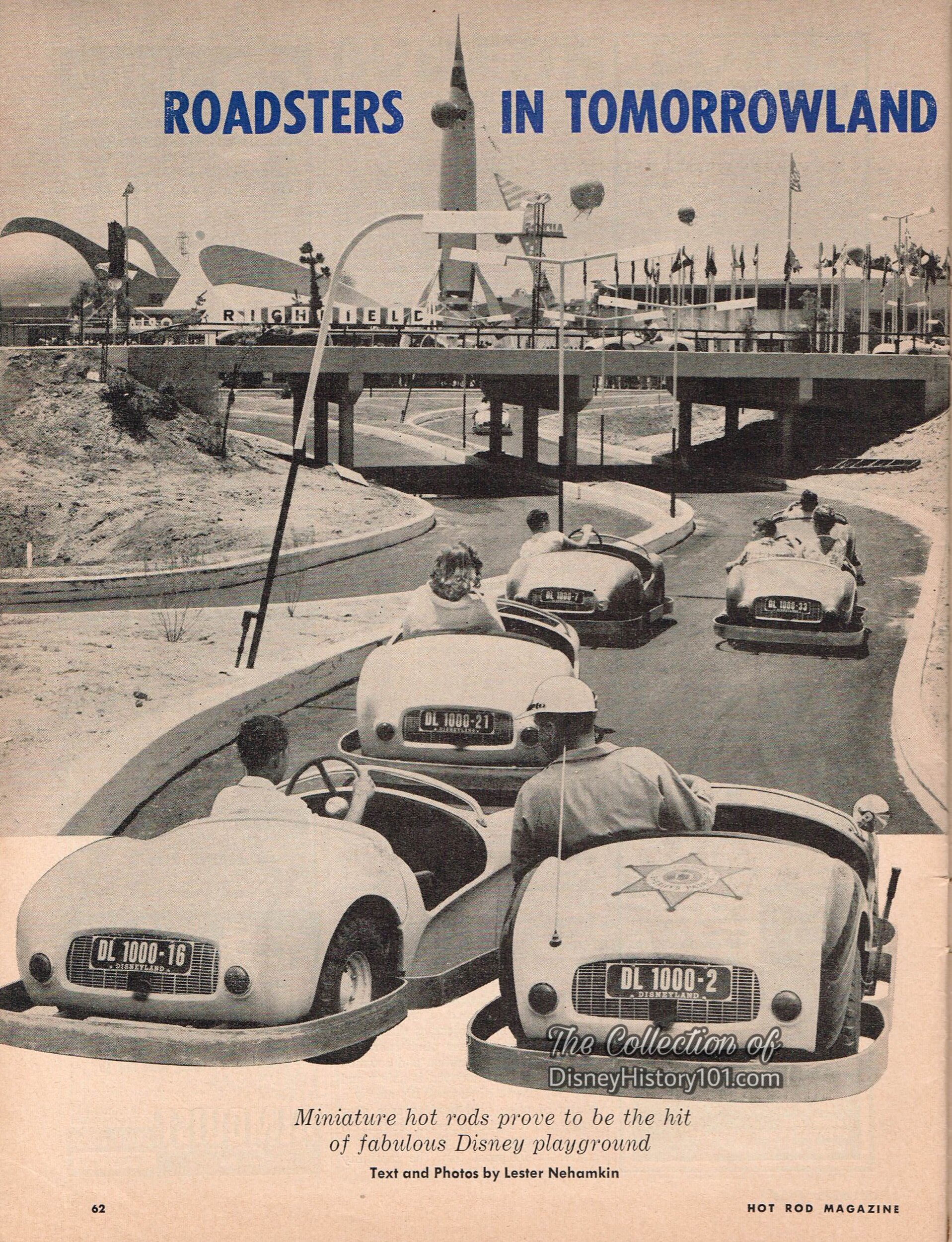
MAMECO may not be a household name to most Disneyland fans, but this issue of Hot Rod Magazine, (published October, 1955) gave credit to this pair of designers, developers, and mechanics responsible for the first fleet of Autopia cars of Disneyland’s Freeway of the Future!
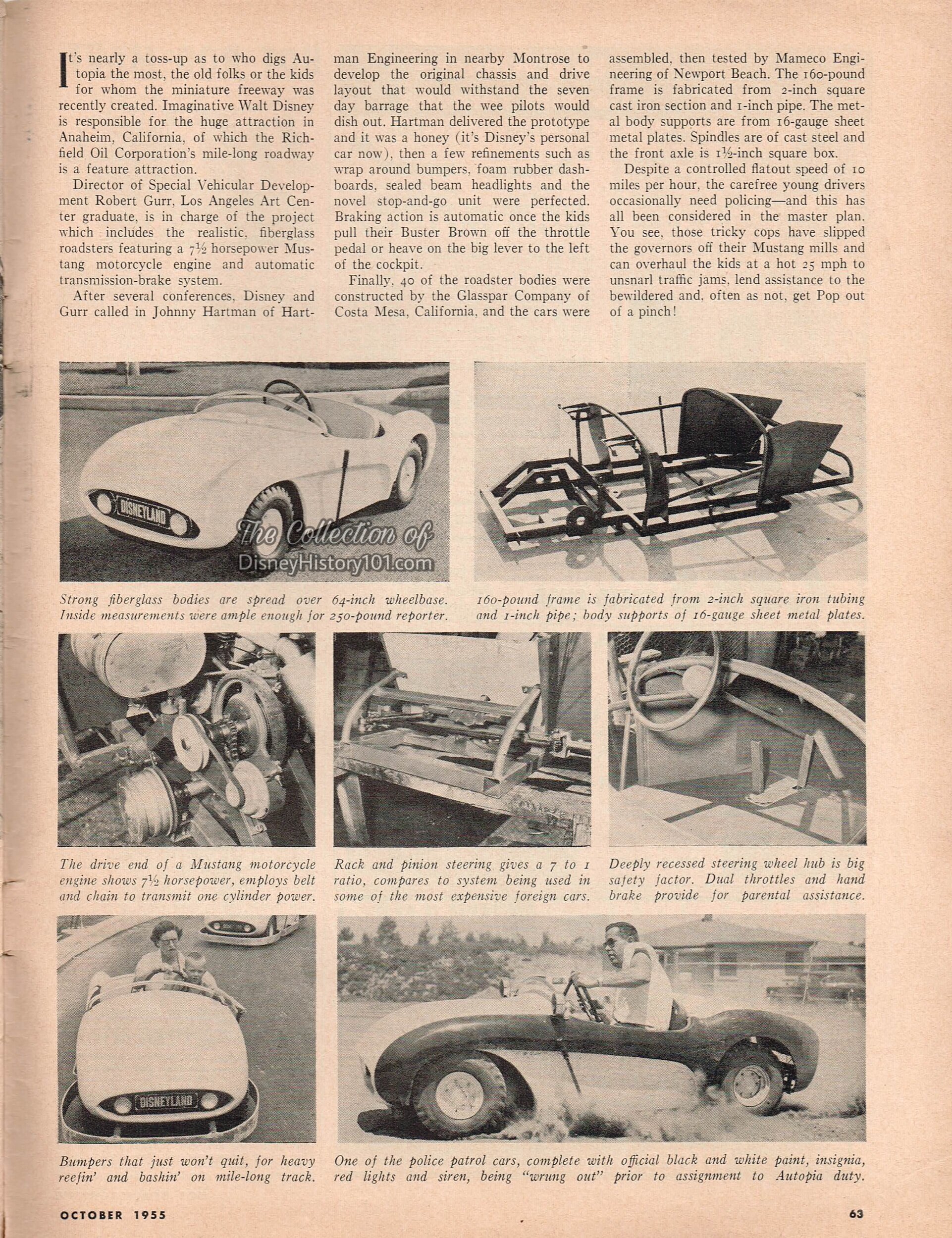

On April 2, 1955, one of the Autopia Mark I vehicles was ready to be tested and this occurred on the Walt Disney Studio backlot. Michael, (the 12-year-old son of Studio Machinist Roger Broggie Sr.; future Autopia Host) sat behind the wheel while while Bob Gurr gave direction to him. Test footage of the two was recorded for posterity, which has preserved to this day and may be VIEWED THROUGH THIS LINK: https://youtu.be/zOnCI-eWiFM.
Meanwhile, the search continued for corporations to fill roles as participant sponsors of Disneyland attractions. Individuals like Nat Wyncoff provided the essential orientation for curious lessees, selling them on the idea of Disneyland using various visual aids like sketches and one of Herb Ryman’s oil paintings of Disneyland. By May of 1955, Cornelius Vanderbilt (C.V.) Wood (Disneyland’s first employee, responsible for much of the hired talent during Disneyland’s construction phase) had approved the “Richfield Autopia” as the official name of the attraction! Soon, one authorized “Disneyland Information & Nomenclature List” (prepared by Bill Cottrell of Disneyland Inc., May 25, 1955) announced that “the name of the car is the Disneyland Autopia” as the “official and authorized Nomenclature” of the “Disneyland ride and amusement.” The same document elucidated the number and types of “Disneyland Autopia” vehicles in the following way : “32 gasoline motored cars on the Autopia Freeway…4 Police Cars… 1 Disneyland Autopia Special… 3 Extra Cars.” The three extra cars were used for promotional events and parades outside Disneyland.
About this time, the following final plans had been approved by Milt Albright (of Accounting) and Bob Burns (of Merchandising). F. M. Franz, manager of operations for McNeil Construction expressed: "We feel sure there has never been anything built like this in Southern California, or elsewhere in the United States. Many of the items were constructed from artist’s sketches.”
The construction crews didn't begin work on any of Tomorrowland until six months into the project. The Autopia FREEWAY was about ½ scale. Mounting height of 20-watt fluorescent lamps was 9 feet 6 inches above roadway, spaced on 20-and 30-ft. centers.
"Autopia Entrance Pylon and Canopy"
In 1955, Herbert Ryman prepared sketches for the Autopia "Entrance Pylon and Canopy" with Richfield Eagle and name overhead. The Richfield Autopia entrance awning was designed to resemble a fueling station. The original sign over the queue (with its bold Richfield name in lights) was partially designed by Italian Art Director Gabriel Scognamillo (who helped design the Upjohn Pharmacy facade, the Tomorrowland Automat, those towers bearing flags over the Tomorrowland Exhibit Halls, as well as those yellow canopies around Tomorrowland, and the four Richfield fuel pumps near the Richfield Autopia Loading Zone). The original Richfield Autopia design was then manufactured by QRS Neon (of Los Angeles), was renown for providing neon signs to numerous service stations and shopping centers around the county of Los Angeles. QRS Neon won the bid, gathered the necessary neon tubing and other materials, and manufactured the custom letters - all in the nine to ten weeks up to Disneyland’s Grand Opening Day! All of the final signage and props (like road signs and streetlights) met the approval of both Cornelius Vanderbilt Wood (Disneyland’s first employee, responsible for much of the hired talent during Disneyland’s construction phase) and Mr. H.T. Hutchinson (Assistant General Sales Manager of Richfield Oil Corporation). By this time, Mr.Hutchinson (Richfield Assistant General Sales Manager) was arranging for four true-life Richfield fueling pumps and two Richfield billboards to be sent to Disneyland for installment on the arranged concrete foundations and bolts near the attraction queue entrance.
The ROADSIDE bulletin in the Autopia was lighted by PAR-56 spots and large luminous sign letters.
Last, but not least, Morgan Bill Evans (of Evans and Reeves) did what he could to complete the illusion that the cars were navigating the half-mile of highways through the colorful countryside with a few five gallon trees that were left to “greenscape” Disneyland. Some of these details were being completed, during the time that television crews (under the direction of Cam Pierce, Irwin Stanton and Harold Huntsman) were planning, setting up the network of equipment, and rehearsing from the surveyed locations and control rooms (some of which were located near the Autopia).
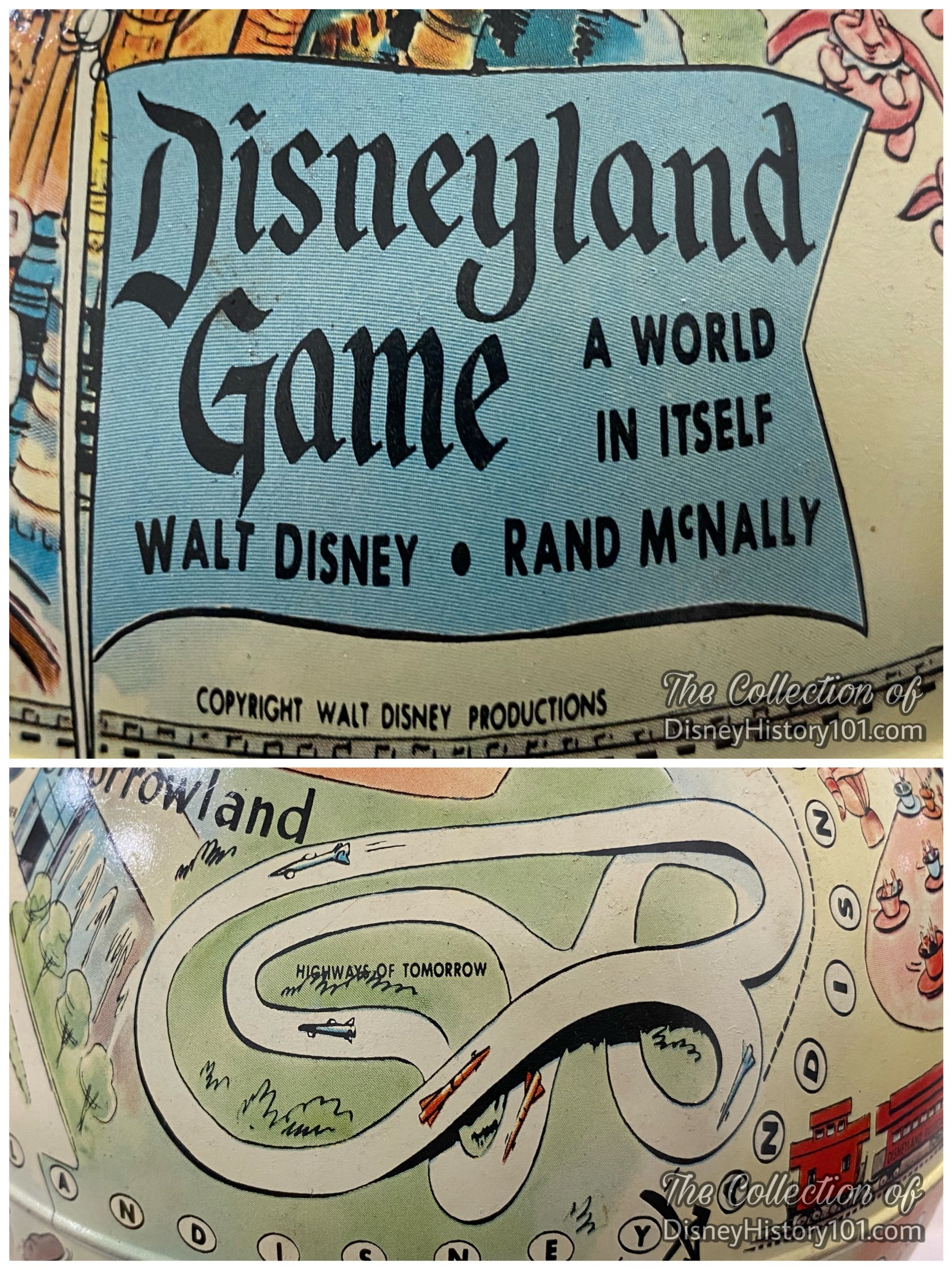
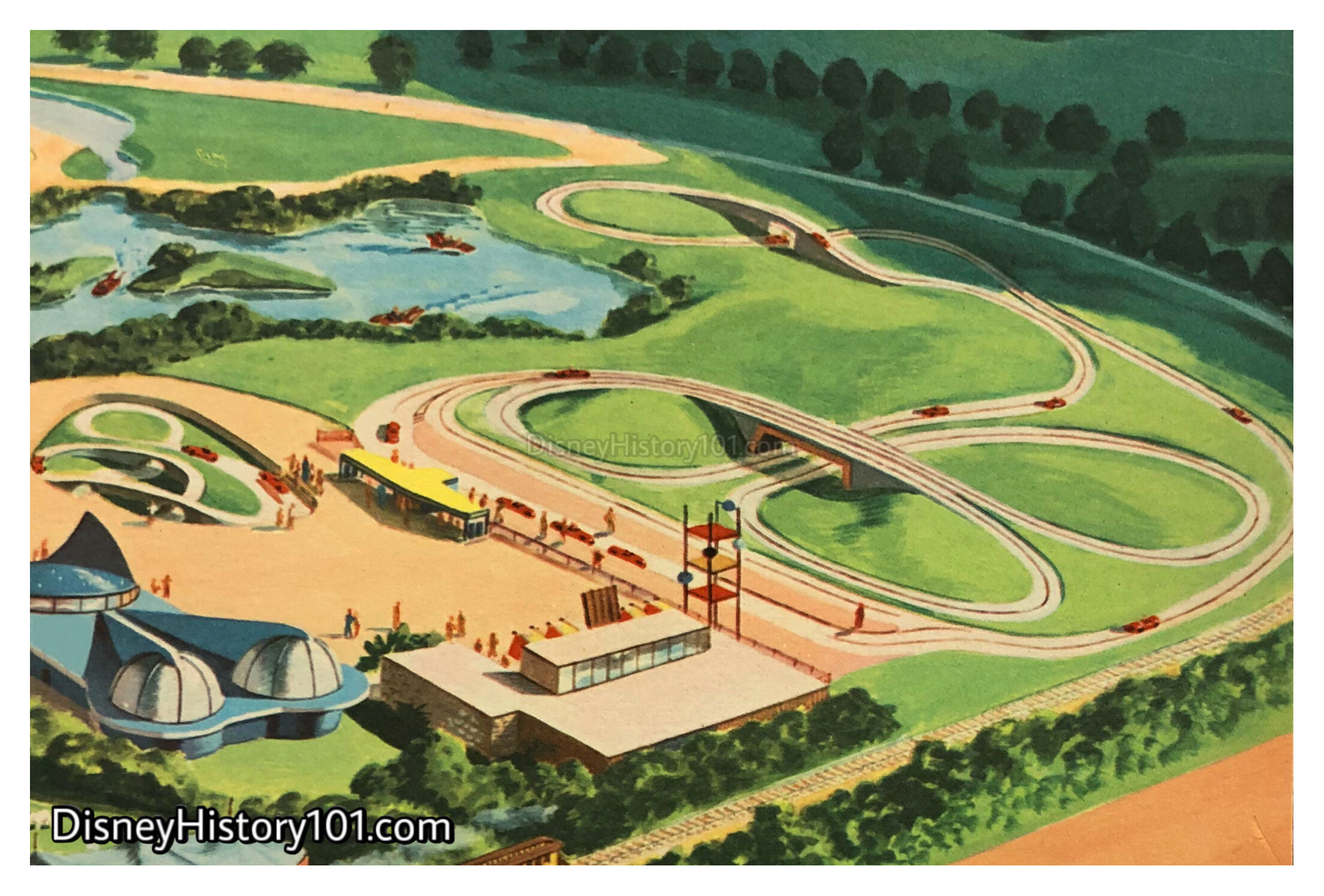
“The Freeway of the Future”
The first drawings of the “Autopia cars and Freeway” lanes and flow of traffic were completed by Walt Disney Studio artist Marvin Davis, in 1955. A few months later (based on Marvin’s concepts), Mattel manufactured the “Music Map of Disneyland”, and with it, the above illustration (produced for the early licensed Disneyland product). The map granted a glimpse of many Disneyland adventures, including the sweeping curves of the “Freeway of the Future” - the “Autopia Freeway” in Tomorrowland! In the artwork (to the left), you’ll notice a few more ramps and overpasses. Was this an error? Did the artist take some creative liberty? Was this an indication of a future expansion or attraction (i.e. the Junior Autopia or Midget Autopia) as early as 1955? There is a likely explanation. Contemporaneous “Proposed Diagramatic Layout of Disneyland” (Marvin A. Davis’ plot plan, produced for WED Enterprises, by September 12, 1953) depict what is called a “Test Ramp” connected to the “Drive Yourself Freeway of the Future”.
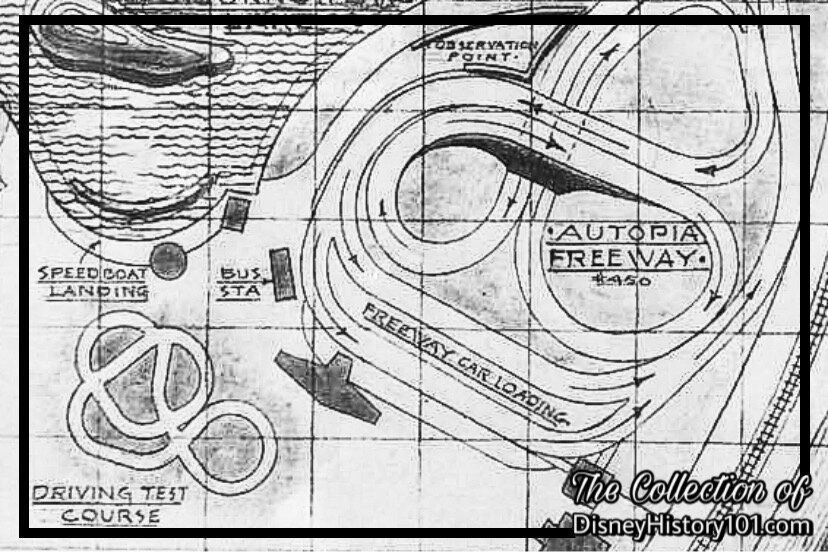
The same aforementioned description of the Freeway of Tomorrow contained in the Disneyland Prospectus of 1954 continues : “In the amusement area you will find the Freeway of Tomorrow, where a child can get into a two-seater gas-driven automobile and take it out on the Freeway of Tomorrow, but first he must pass his test ; that is, we put him through a little obstacle course. If he passes the test, which everyone does, he then gets a DISNEYLAND Operator’s Card which allows him to go on the Freeway.”
Whether this aspect of the attraction would be realized (or, not), one thing was sure - while rockets transported guests from Disneyland Spaceport to the Moon (and back), the Autopia would speedily transport guests in sleek sports cars, through the highways and byways of Tomorrowland!
Some early Plot Plans of Disneyland (and the “Autopia Freeway”) also featured a “Bus Station” in the details (*See the Marvin Davis “Plot Plan of Disneyland Excerpt featured Above). Bob Gurr had actually developed the plans for a small Autopia Bus that would have carried younger Guests along the Autopia Freeway of the Future, but alas those plans were never realized.
As of June 2, 1955, C.V. Wood Jr. sent an Inter-Office Memorandum to Walt Disney regarding the best estimates that could be obtained at the time regarding the completion status of individual sections of the Park and Opening Day. C.V. wrote: “Autopia: Roadway - okay. Entrance tight due to the steel delivery (should make it). Cars - okay. Landscaping decision needed badly.”
The pre-opening “Go Santa Fe to DISNEY-LAND” brochure printed sometime between July 4 and July 18 mentioned the “Autopia” among the rides and amusements to open in Tomorrowland. The media described the attraction: “Autopia Freeway-32 cars plus four police cars, one Disneyland Autopia Special and three extra cars.”
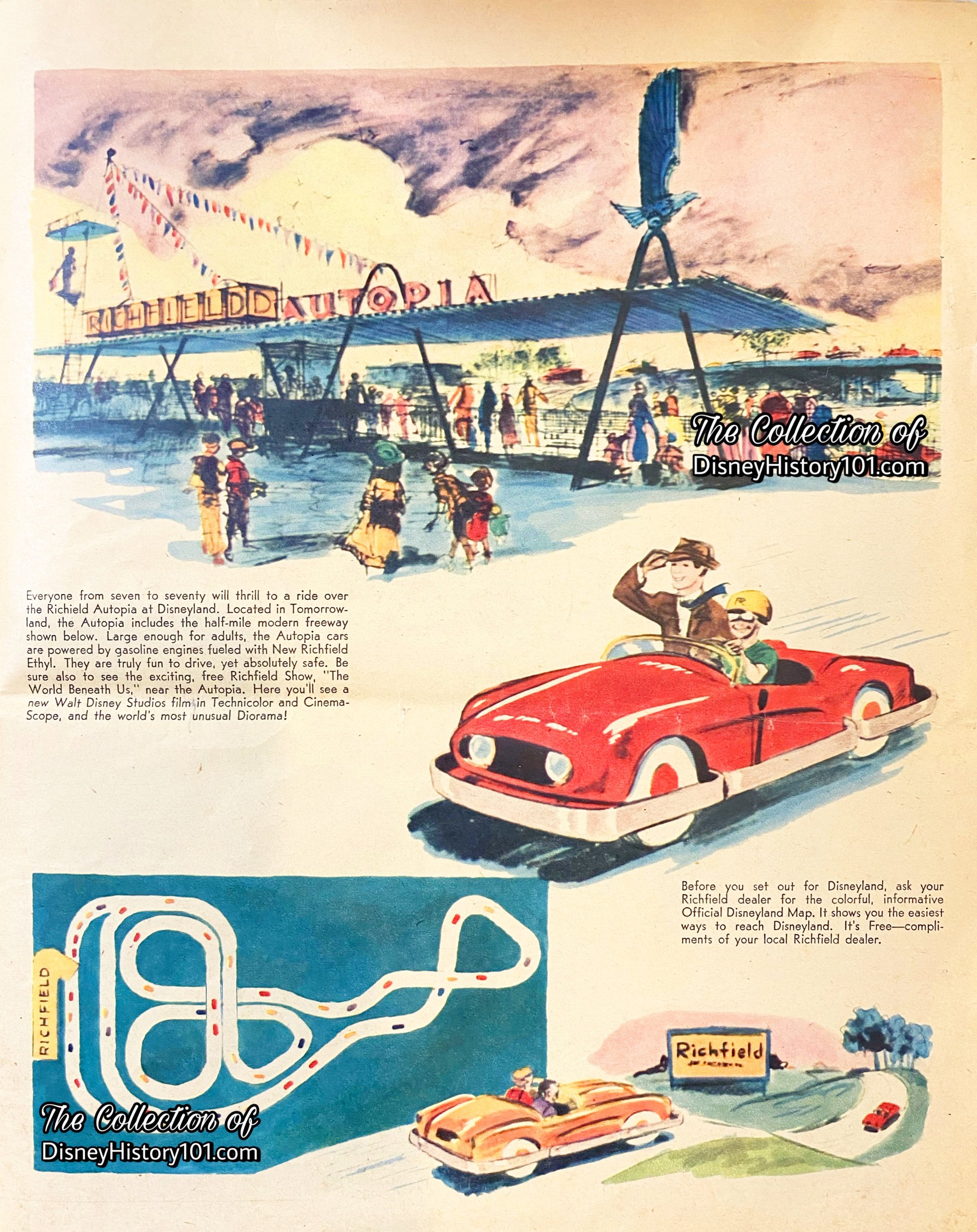
Two days before the televised Press Preview Day, these newspaper inserts gave readers a preview of the Richfield Autopia Freeway of the Future at Walt Disney’s Disneyland.

“…and They’re Off!!!”
Two days later, the Autopia Mark I’s and the Freeway of the Future officially debuted at Disneyland, during Disneyland Press Preview Day (held on July 17th, 1955)! According to “Walt Disney Disneyland” (first published 1964): “Back in 1955, however, Autopia was a taste of the future for many visitors to the Park. Few states in America had an ultra modern expressway system that could match the one at Disneyland in those days.” While much of the surrounding landscaping was incomplete, this attraction was still reckoned among “Disneyland rides and amusements” that “will delight the very young, the teen-ager, young married couples, the middle-aged, and grandparents alike”, as some of the Vintage Views testify [Anaheim Bulletin “Premier Souvenir Edition - Walt Disney’s Magic Kingdom - Disneyland” Insert ; Friday, July 15th, 1955]. “55er” Marion Schawacha recalled opening day: “The waiting lines were all mixed up and criss-crossing each other. The line from Autopia would end up at the Space Bar, and vice versa. All you could see in Tomorrowland was PEOPLE!”
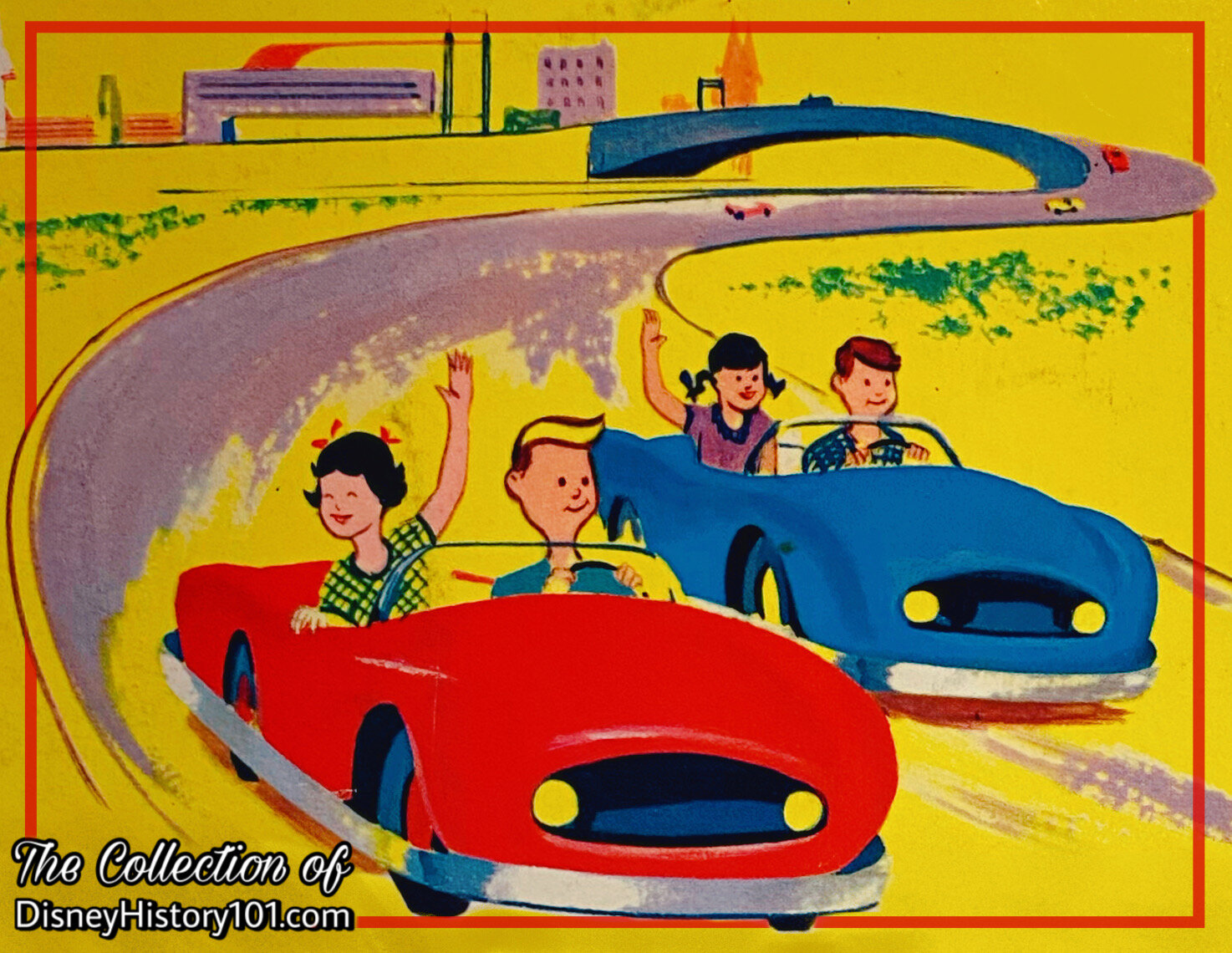
Before reaching the attraction, guests (6 or 60 years of age) were tantalized by the Autopia attraction poster (featuring both adult and junior passengers) painted by Bjorn Aronson. Some of the 40 vehicles (“32 cars plus four police cars, one Disneyland Autopia Special and three extra cars”) were “ready to roll.” There were at least three “black-and-white” cars (out of four) that shuttled celebrities (like Don DeFore & family and Jerry Colonna) along the parade route during the Disneyland Press Preview Day Parade (seen in photos and reels). Then, some of the first guests sat behind the wheels of 37 Autopia Mark I’s - Ron DeFore (“Ozzie and Harriet’s next-door neighbor) with his wife and children, actress Jeanne Crane, Frank Sinatra (and Frank Sinatra Jr.), Sammy Davis Jr., and radio and film actress Gale Storm (and her children). Some of these things are preserved through Opening Day documentation.
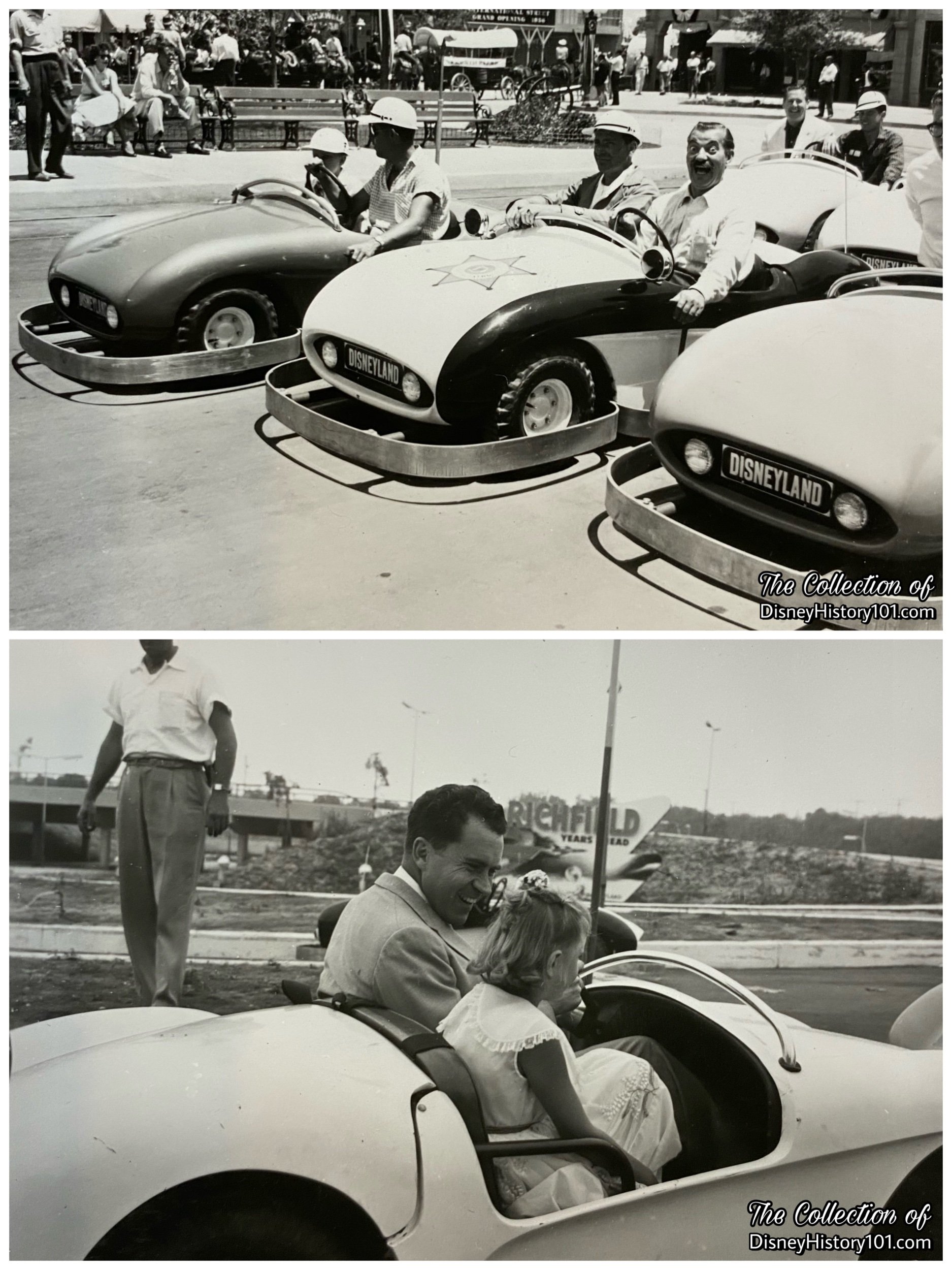
As to the excitement of guests of Press Preview Day (and the first operational day of the Autopia), Bob Gurr recollected : “Twice as many people showed up, and they all had the attitude that they were going to ride those cars no matter what. Instead of waiting in line like they should, they were jumping over the fence and running up the track, and commandeering cars coming back into the Load Area, and pulling people out of the cars and taking over the cars themselves. Nobody had anticipated this, and it was a complete ‘madhouse.’”
“The Show Quality of The Disneyland Autopia Special“
As a “sidelight”, it’s a known fact that Walt often stopped by the Autopia (as he did with other attractions) to speak with Host operators (*according to Attractions Working Lead Chuck Abbott, who began operations on the Autopia during August of 1955). By November of 1955 Walt would have stopped to speak with Sr. Autopia Foreman Frank E. Smith. But when Walt wasn’t chatting, he was driving his very own custom car. And when Walt wasn’t driving his car, the sparkling metallic-maroon vehicle sat on a turntable display near the attraction queue’s entrance (that is, when it wasn’t touring the country as part of a promotion for the Park)!
Of the entire fleet of 40 Autopia Mark I’s, this was one very special Autopia Mark I. It was built (under the direction of Bob Gurr) personally for Walt Disney - the "Disneyland Autopia Special" (as it was called in “The Disneyland News” (Vol. 1 ; No. 2)! Bob Gurr recalled (to “E” Ticket Magazine, Summer 1997) making “special spun wheel covers” and “a pattern for some special brass knock-offs to hold the spinnings over the wheels. The car’s bumper was an actual 1953 Pontiac upper bumper bar that we sliced, re-welded, a re-chromed to look like a new bumper.”

According to Road & Track magazine (published September of 1955), “Walt Disney’s personal ‘Autopia’ machine has neat bumpers, chrome wheels, [and] special upholstery.” The seats were covered with “red nylon… and off white leatherette,” according to “The Disneyland News” (Vol. 1 ; No. 2). Instead of a “grab bar” there was a plastic windshield. In addition, Walt’s car had “No governor [meaning, that he could go as fast as the engine would allow]”, according to Road & Track magazine (published September of 1955). The Disneyland Autopia Special was used during a few special events outside Disneyland, like the two-night Disneyland Nights at the Hollywood Bowl stage show with Bob Gurr (wearing a coonskin cap) and Disney Characters behind the wheels, held a month before the Park opened in 1955. The “Walt’s Car Exhibit” was apparently still on display by September 28, 1958, listed as a “Land Improvement” and Disneyland, Inc. Park Asset valued at $1,764.
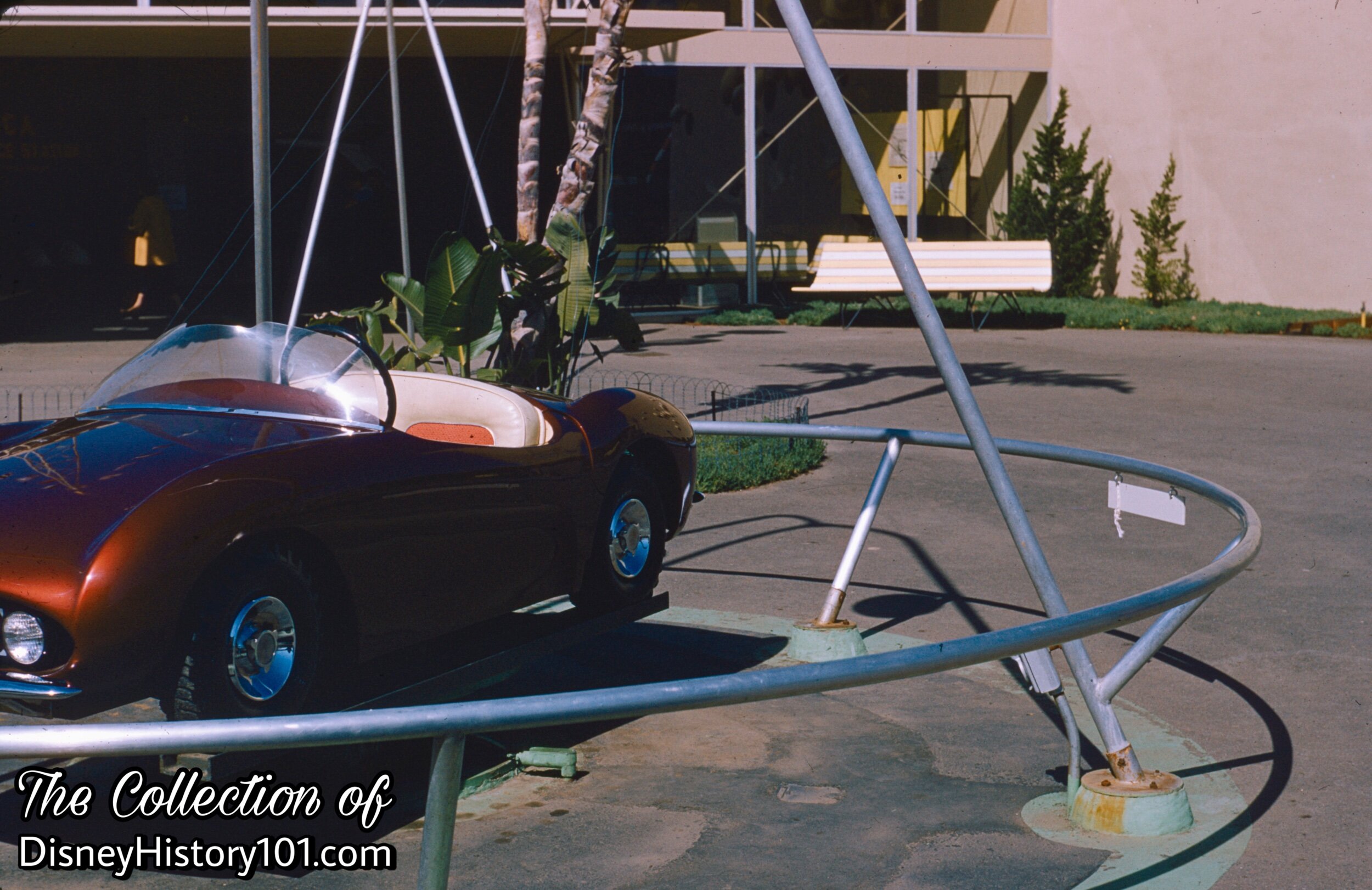
Eventually, the custom Autopia Mark I was brought to Walt Disney Studio, and there it received further modifications - a reverse gear, custom chrome hub caps, a brand-new paint job (with silver accents), and even a custom license plate with the name “Chris,” was added as a final touch! Bob Gurr recalled, “The Autopia Car was a gift for his firstborn grandson Chris. We kept it at the studio and on weekends, Chris and his sister Joanna would drive it all over the backlot.” Yes, the kids enjoyed driving it as fast as the little auto (without a “governor”) could go!
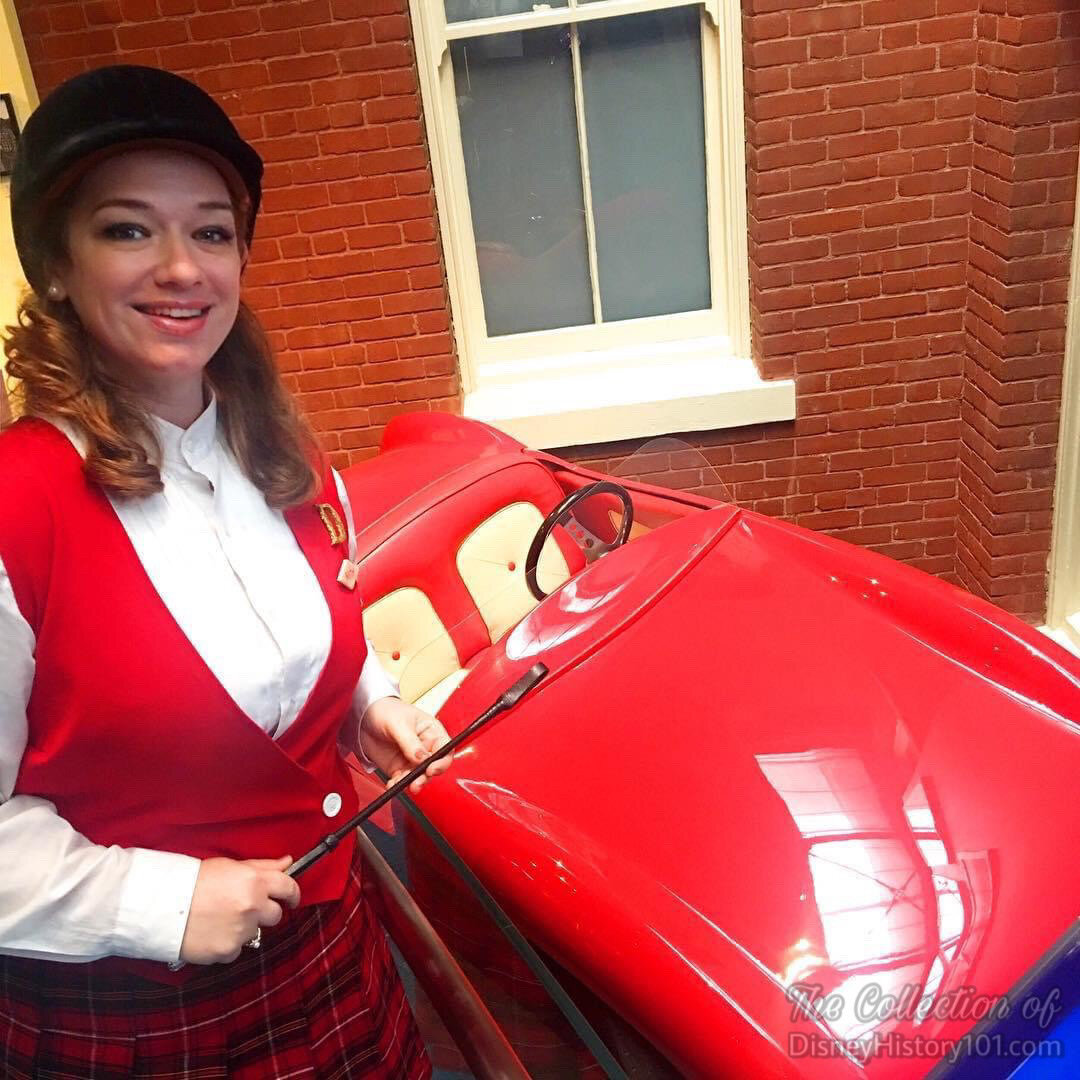
To this day, Walt’s historic "Disneyland Autopia Special" attraction vehicle (once owned by RETLAW Enterprises) seems to be the sole surviving Autopia Mark I model in existence! During the summer of 1998, it was exhibited as part of “The Transportation of Tomorrow” at the Disney Gallery (at Disneyland©). Currently, Walt Disney’s Disneyland Autopia Special Mark I Autopia Vehicle resides in Gallery 9 of The Walt Disney Family Museum, in San Francisco, California.
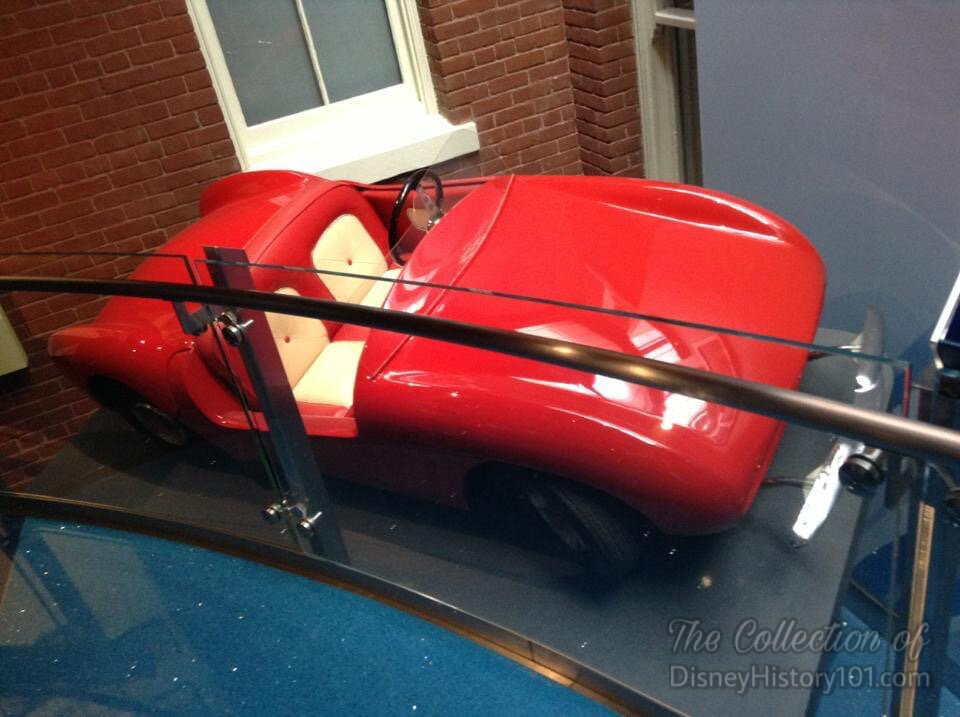
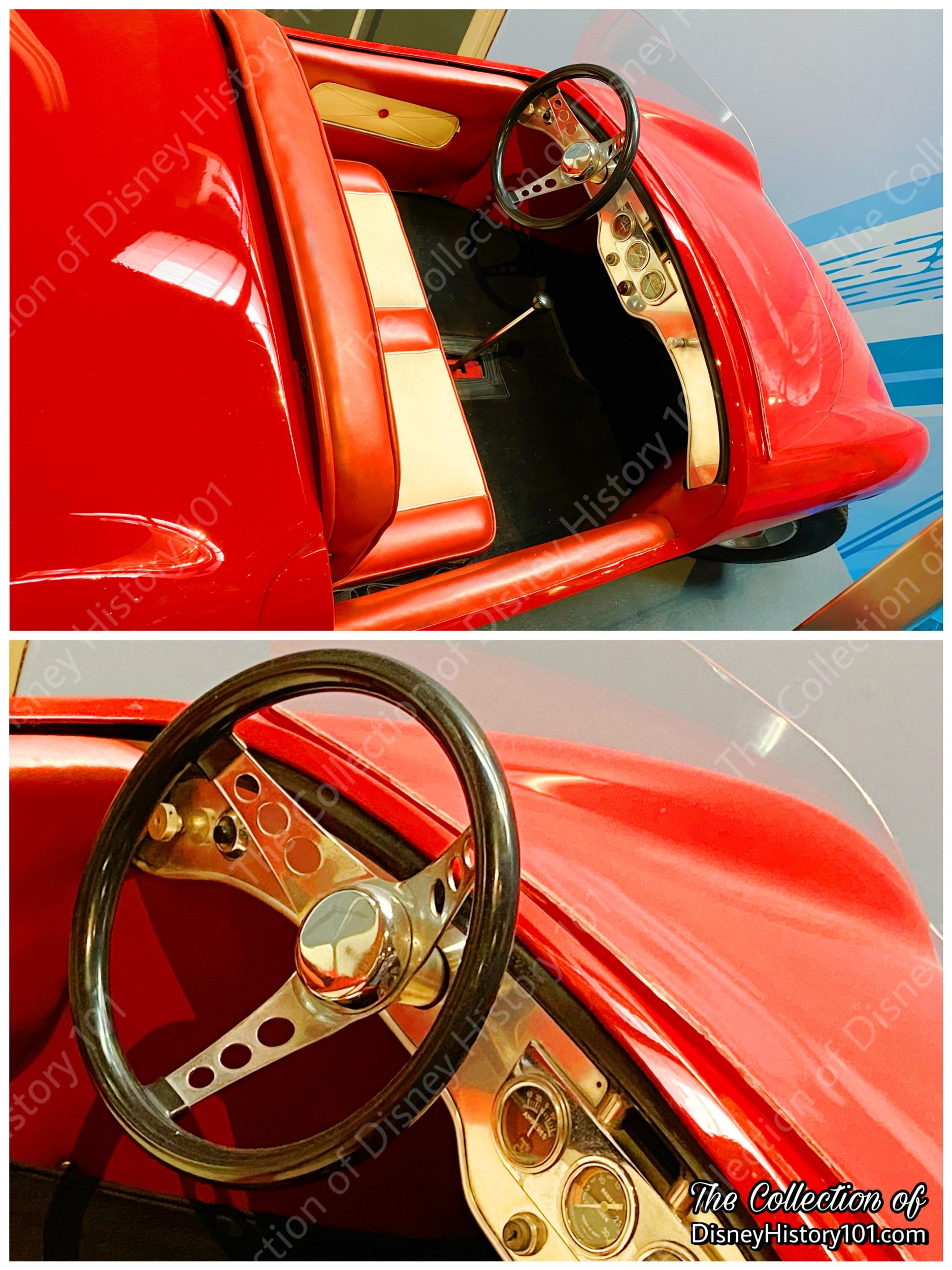
At the 2001 Official Disneyana Convention, a tire from Walt Disney's Autopia Special car was auctioned off for $1,200.
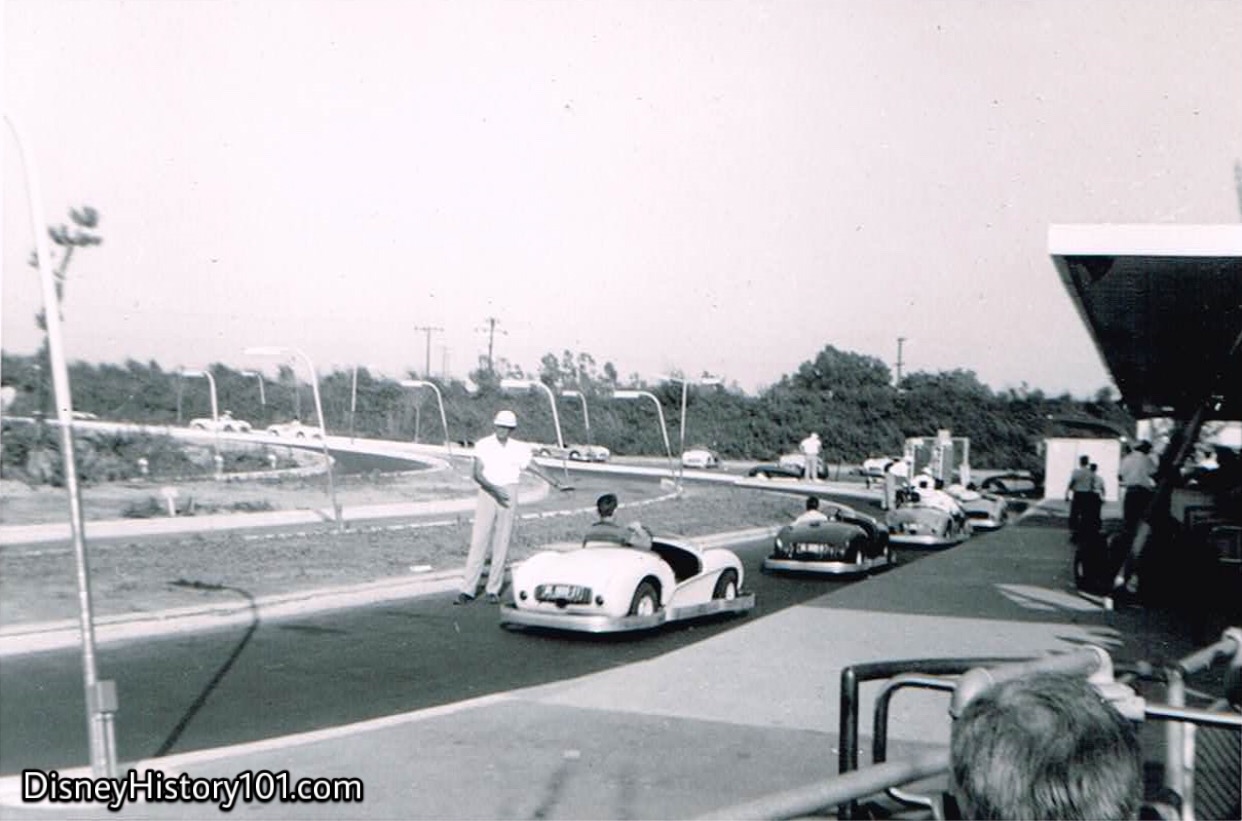
“Working Leads & Rotating Operating Positions”
Many notable Disneylanders were assigned to the Autopia during the first year, like John Louis Catone (who was present Opening Day; and worked just one day on Autopia). He recalled: “There were wooden planks for curbing, backed up with sand bags. Autopia was a two-lane highway, with three cars abreast.”
Chuck Abbott (who joined Disneyland August 10th, 1955) also worked Autopia. The previous Vintage View was captured about the time that the aforementioned Chuck Abbott joined Disneyland, starting as a “ride operator on Autopia.” According to “The Pioneers” (a Club 55 20th Anniversary Publication), Chuck “started in the Autopia when… there was no track to control the cars then.” Each Autopia Cast Member was viewed not as a “spare tire,” but a vital wheel keeping the Disneyland show on the road!
Jim George also operated the Autopia.
“Roger Broggie’s Bumpers”
According to Marty Sklar’s account, “Walt Disney decreed that every designer was to go to the park at least every other week and stand in the lines… to understand what our guests were experiencing.” Partially owing to the lack of “track,” one such thing of note was detected within a month of the televised Press Preview Day Broadcast. It was discovered that Guests were crashing the cars into each other along the one-lane speedway. “The young test drivers reduced the original 36 cars to 6 by smashing into each other,” according to “Disneyland - A Treasure Chest of Trivia” prepared by Walt Disney Productions, 1990. As the track was wide, and the cars could turn completely around, there was great potential for head-on collisions. Even worse, the cars were not connected to a track and would occasionally jump the curb and end up off the road and in the landscape.
The solution - the installation of Roger Broggie’s large, wraparound, spring-like bumpers which encompassed and fortified the bottom of the design of the entire vehicle! The MAMECO team was soon contacted for one final job (to be completed within' just a few weeks of Disneyland's dedication). A 3/8 inch-thick aluminum plate was used to fabricate bumpers. This metal was light weight but powerful enough to stand up to the shock of bumping.
"That was something they had Ted and my dad add later after the first batch," states Martindale.
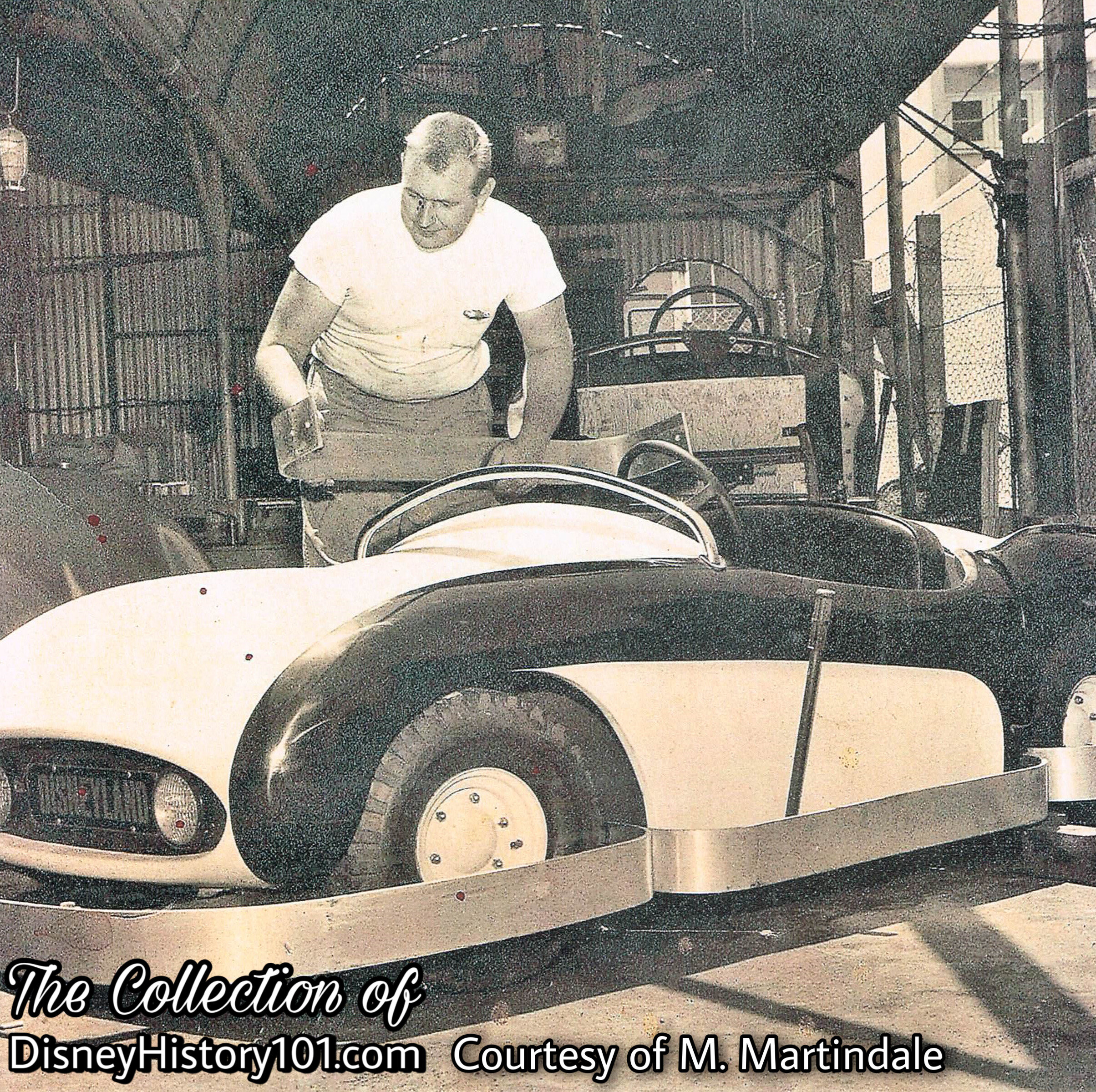
“Disneyland’s Autopia” (published in Rod & Custom, November, 1955) describes this safety addition:
“Added touches to the production models were wraparound aluminum bumpers, chromed hand rails on the cowl, a foam rubber covered dashboard, sealed beam headlights with a friction-driven generator to operate them and a unique automatic braking system. The latter is a revision of the Mustang cycle brake but using wider linings and with the feature of being automatically applied when pressure is lightened on either accelerator pedal or when the outside hand brake is pulled back.”
“About 32 identical machines (with full-wrap bumpers) were available when operation ‘Autopia’ commenced at Anaheim, California, in July of this year,” according to Road & Track magazine (published September of 1955). These “full-wrap bumpers” minimized injury, but the root of the problem still persisted. According to Bob Penfield in interview with Disneyland LINE (Vol. 25 No. 28), he recalled a conversation with Walt, while operating the Autopia : “‘What about those cars banging together - can we stop that?’ I told him, ‘Walt, I don’t think we’ll ever see the day that Guests don’t bang the cars together.’”
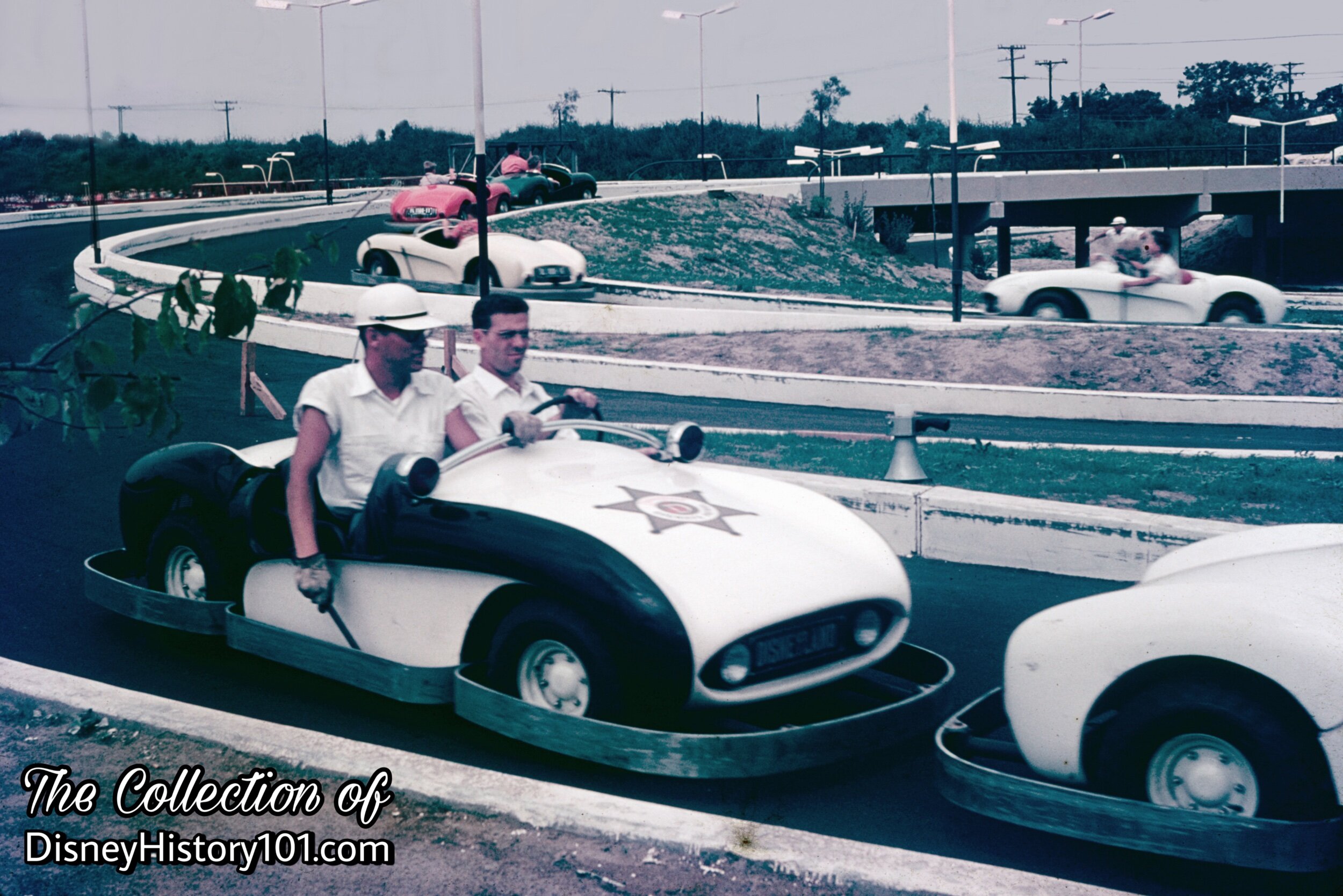
Well…there was almost no way to stop Guests from banging the cars together. You see, there were a few of these “black-and-whites” (seen in the foreground) on the Autopia track. Originally, two were suggested by George Whitney, but (as mentioned earlier) a total of four were “black-and-whites” were fabricated (at least three can be seen shuttling celebrities down the route, during the Disneyland Press Preview Day Parade of July 17th, 1955). Both Don DeFore and Gayle Storm can be seen driving these “black and whites” during the Disneyland Opening Day broadcast. According to Bob Gurr, “Walt thought that we should have a couple of special cars rigged up as police cars so operators could give rides to children too small to drive actual Autopia cars. He figured this would provide a special thrill for these youngsters.” These cars had sirens, flashing lights, and no governors (allowing them to travel up to 25 miles an hour).
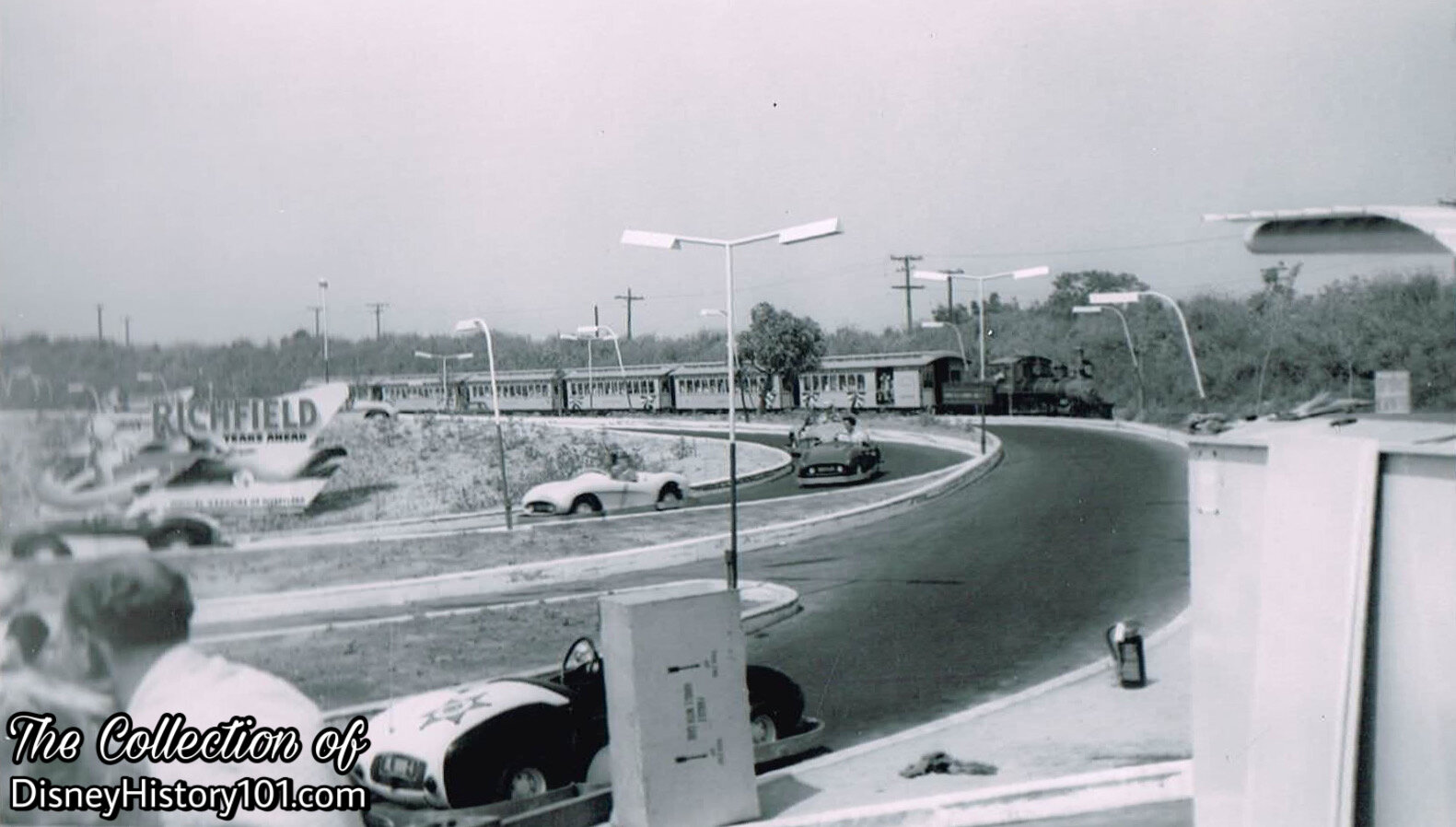
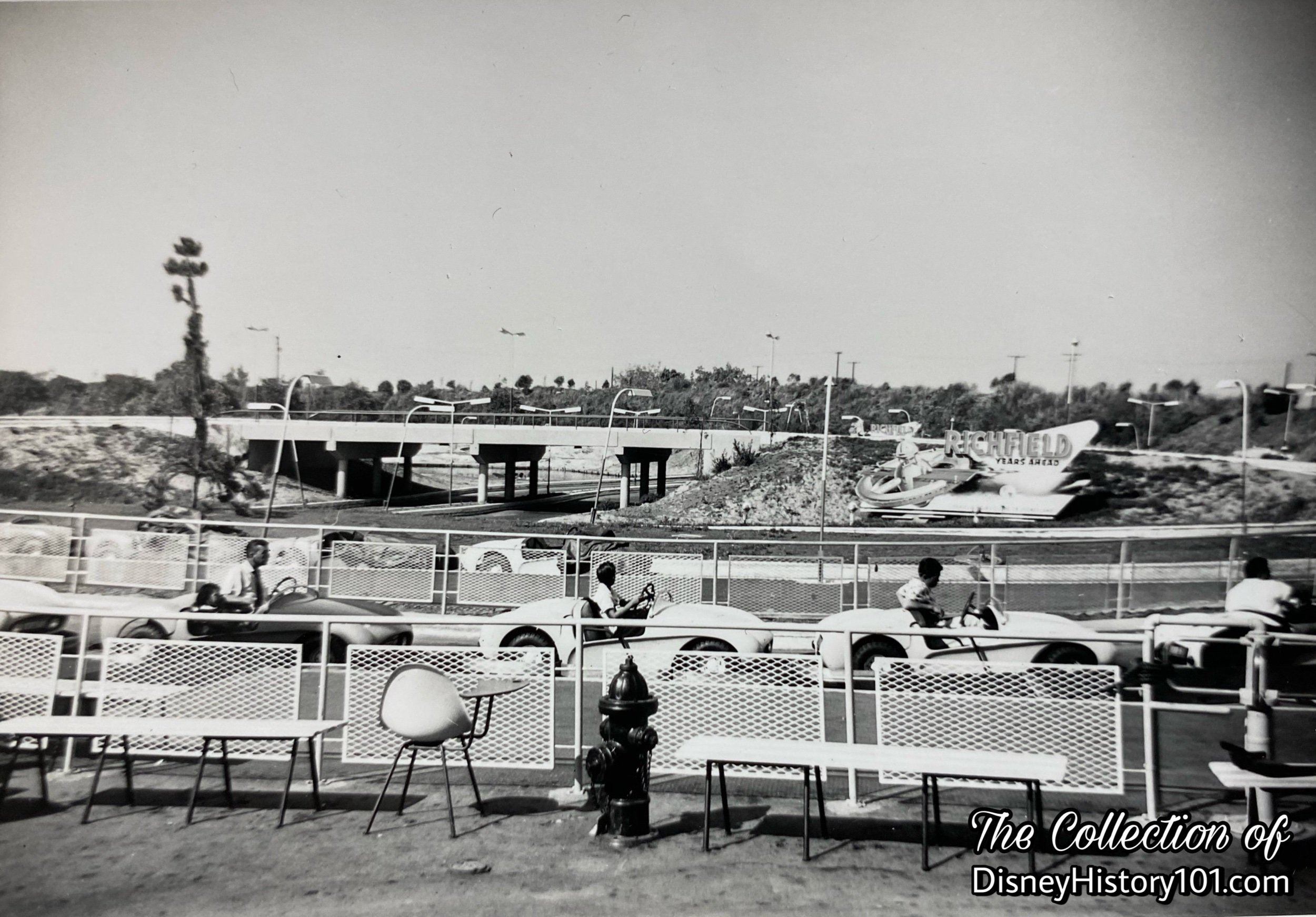
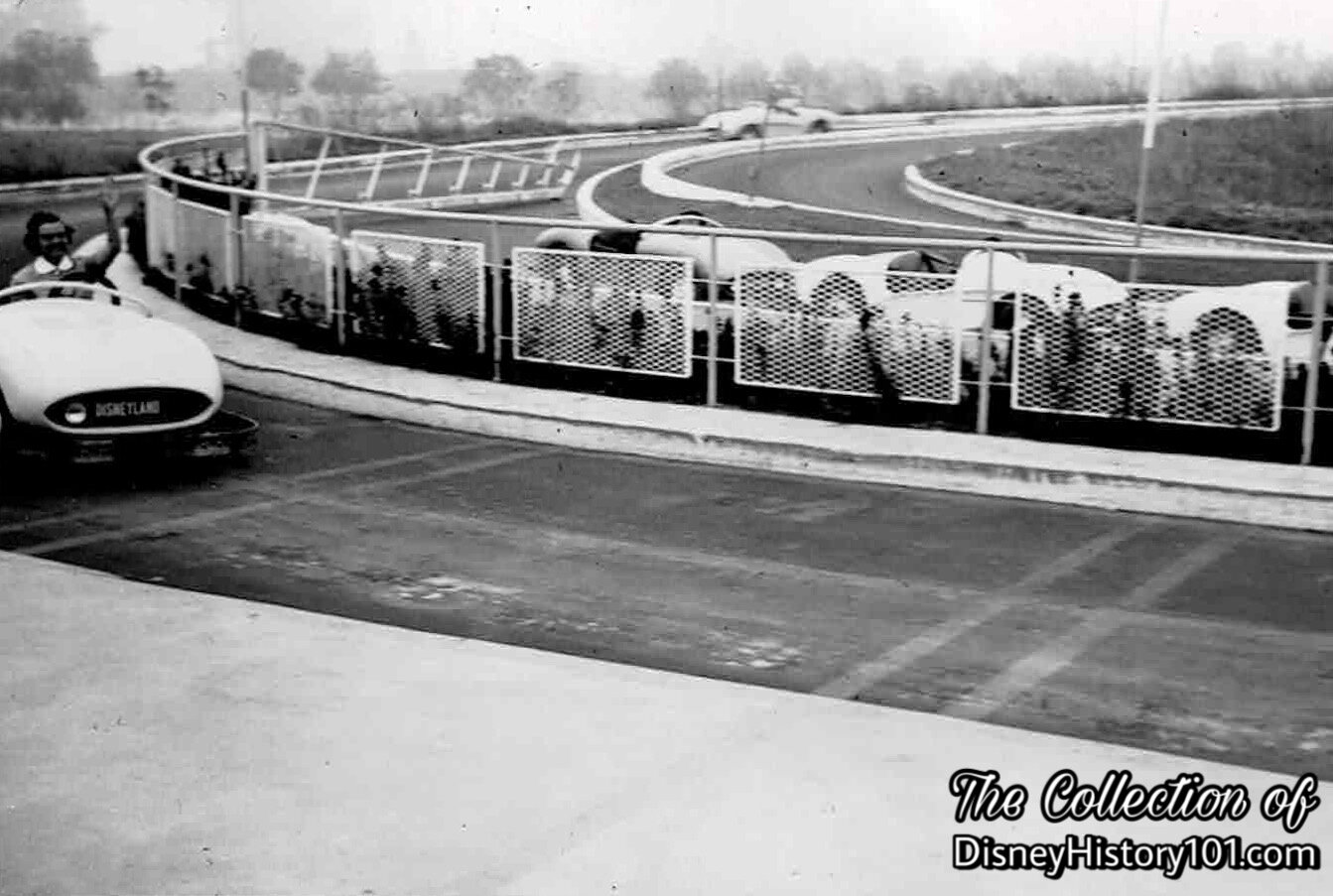
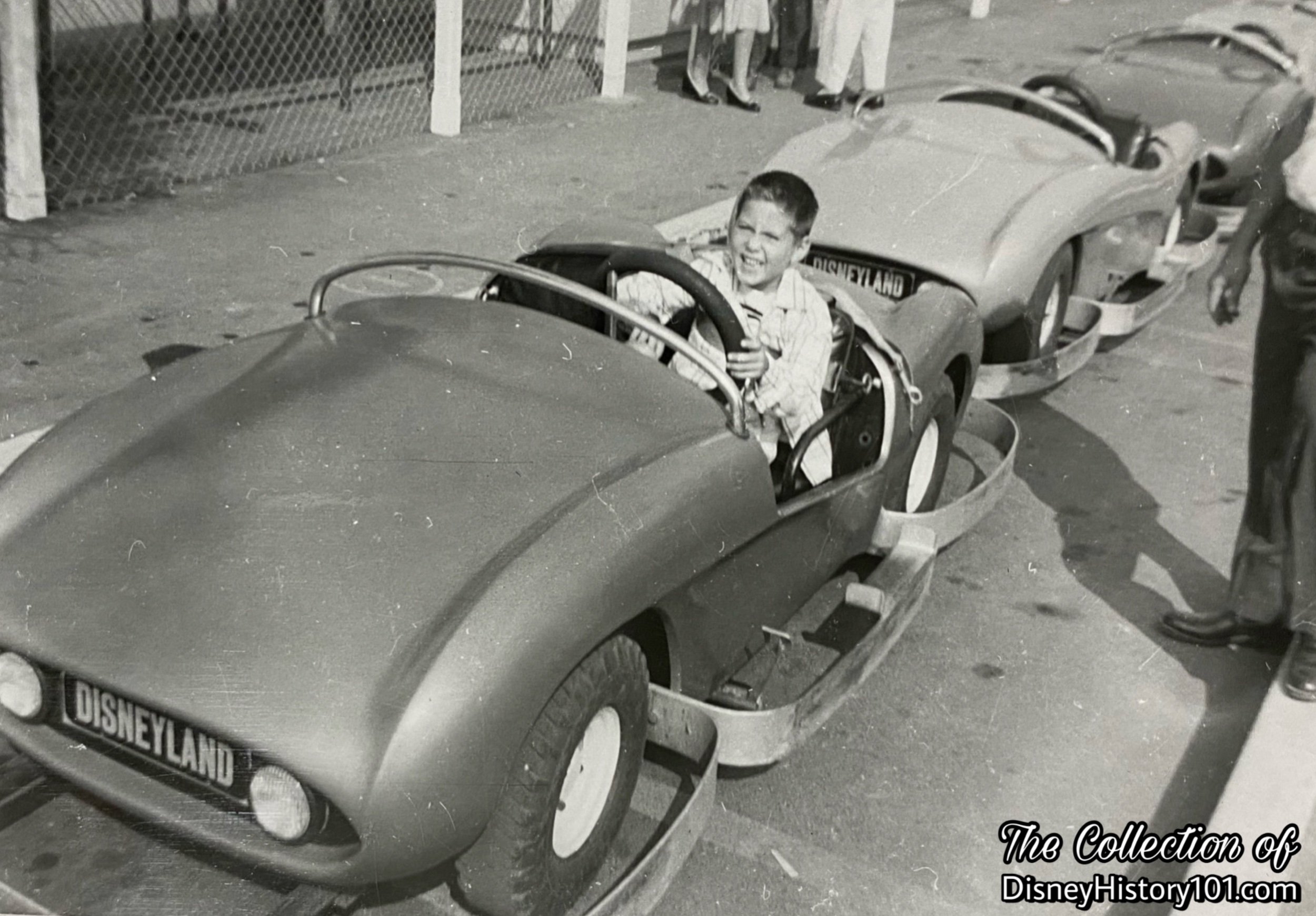
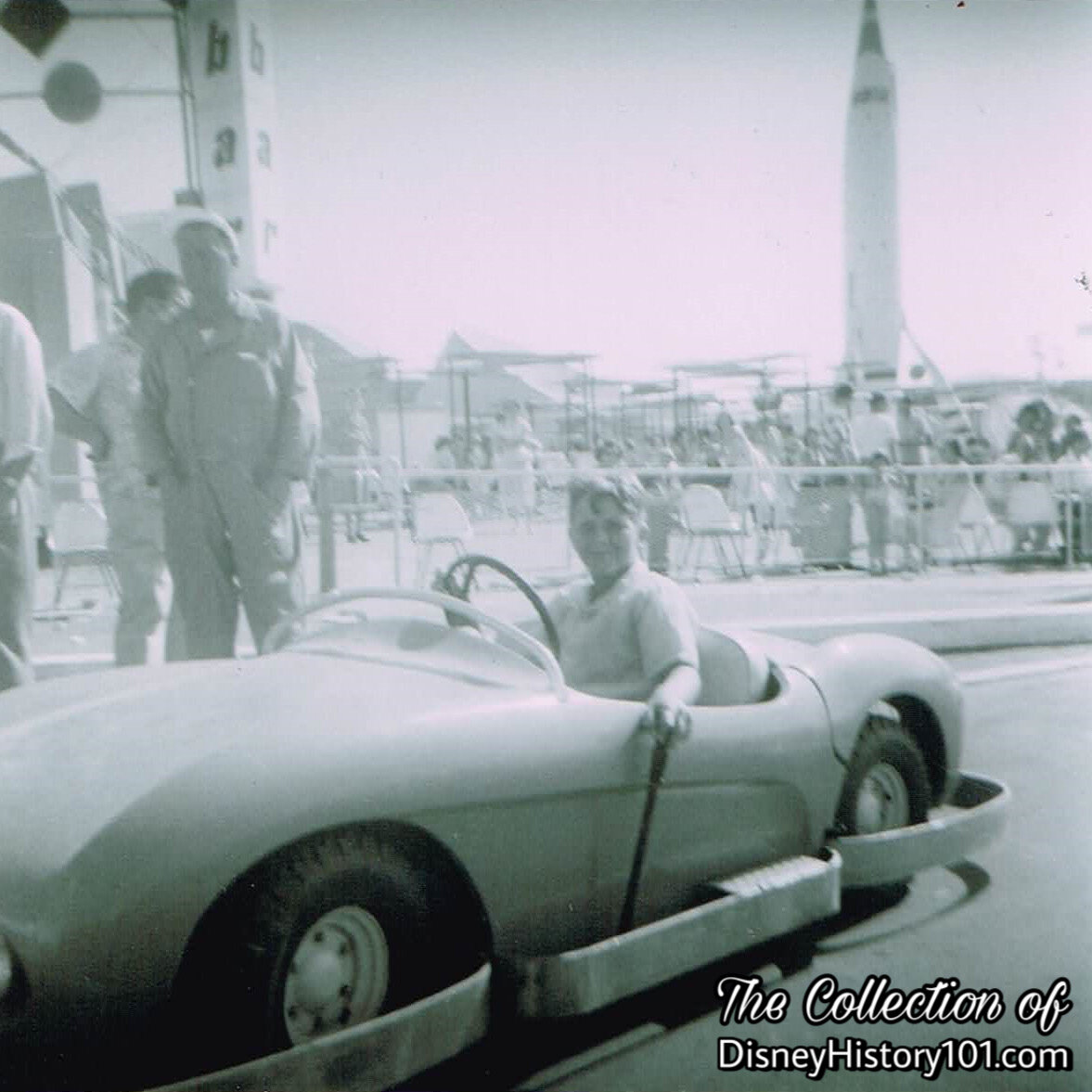
A guest sits in a Autopia Mark I, hand on the spring-loaded outer hand brake. According to inserts in area newspapers: “Brake and throttle controls are all spring loaded and the brake is operated from the outside.” This long external lever allowed “adult overule of impatient young throttle stompers at the beginning of the one mile ride”, according to Road & Track magazine (published September of 1955). “Brakes operate automatically upon release of the accelerator, or by a backward movement of the hand lever.”
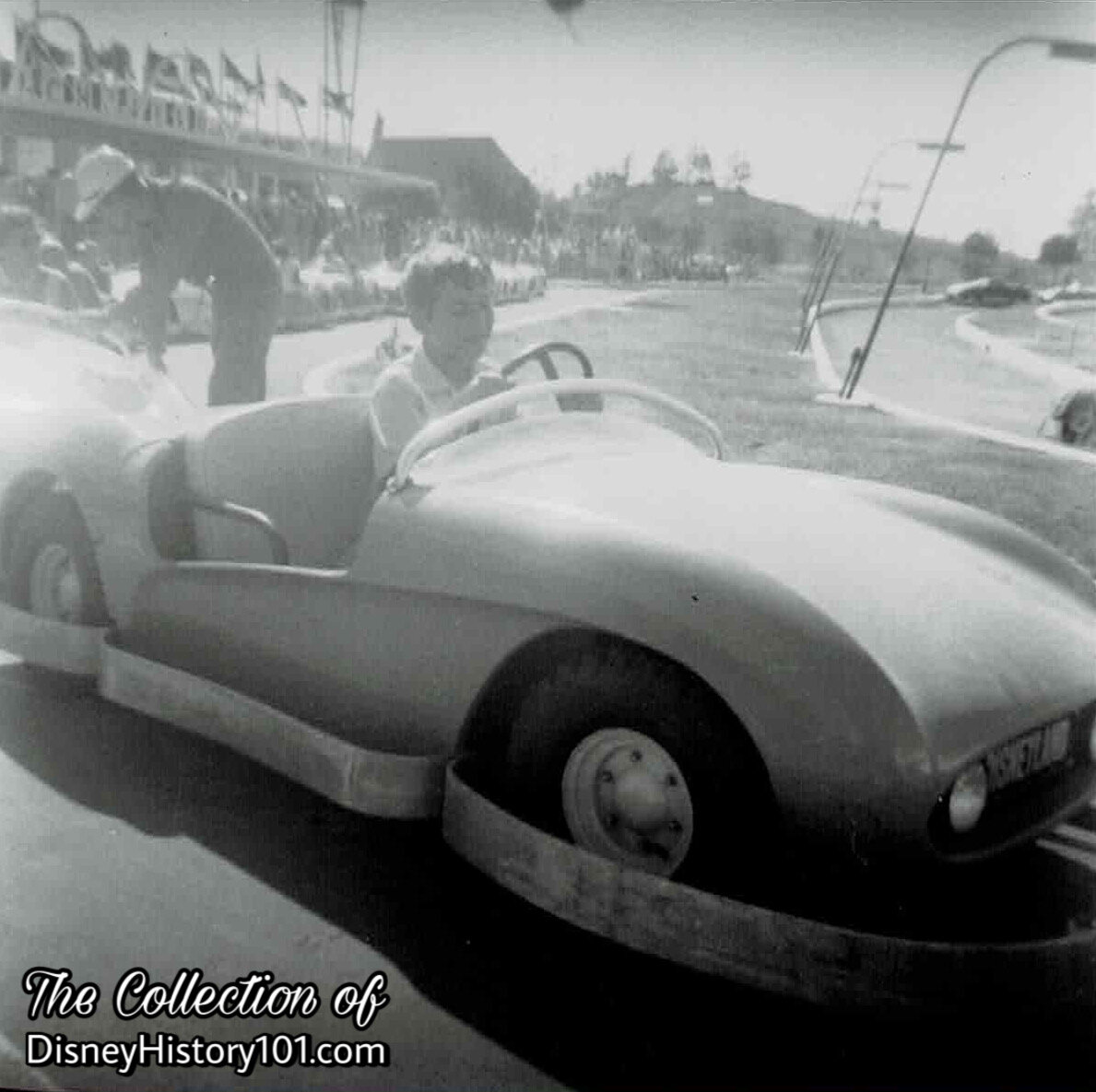
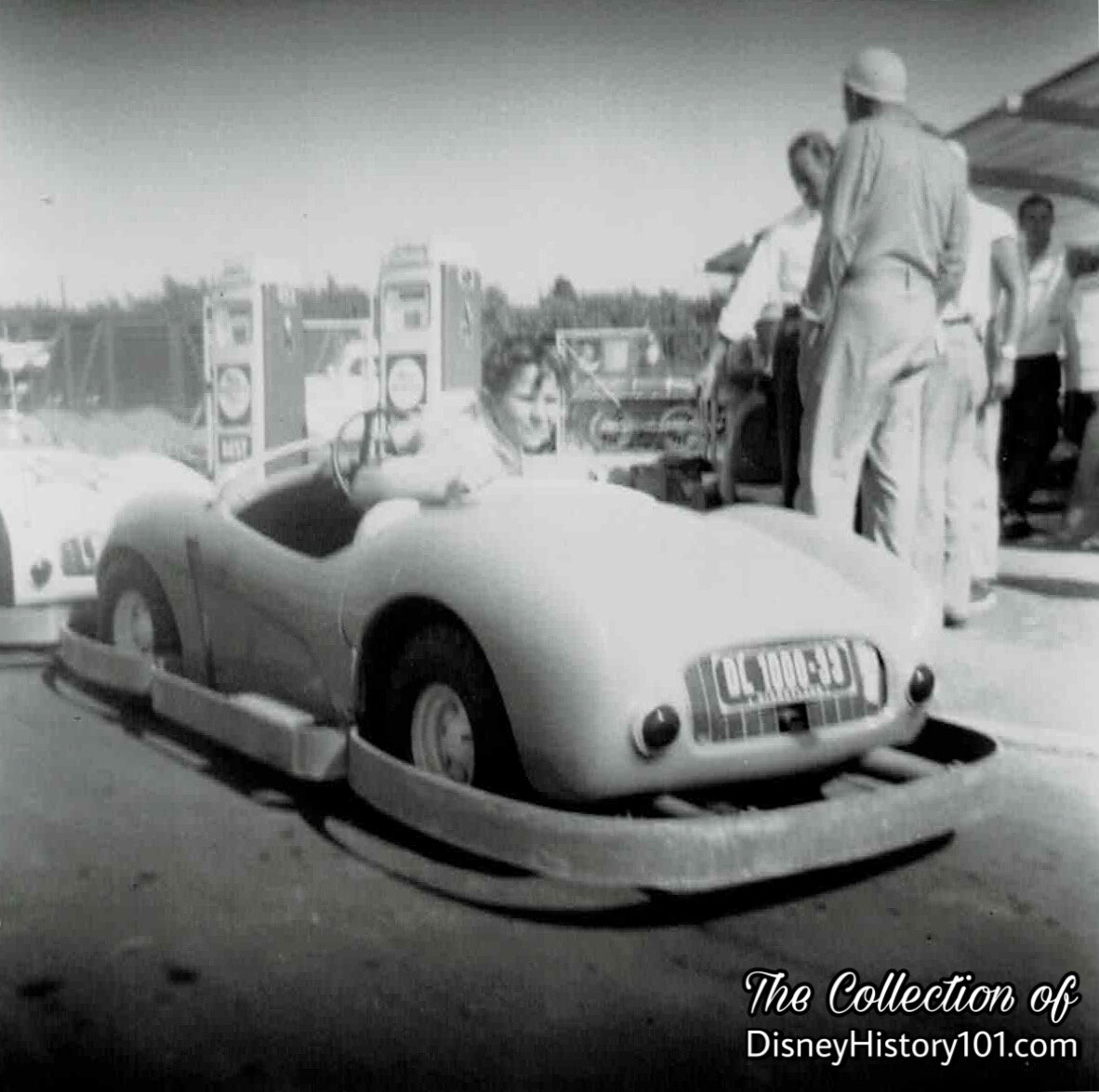
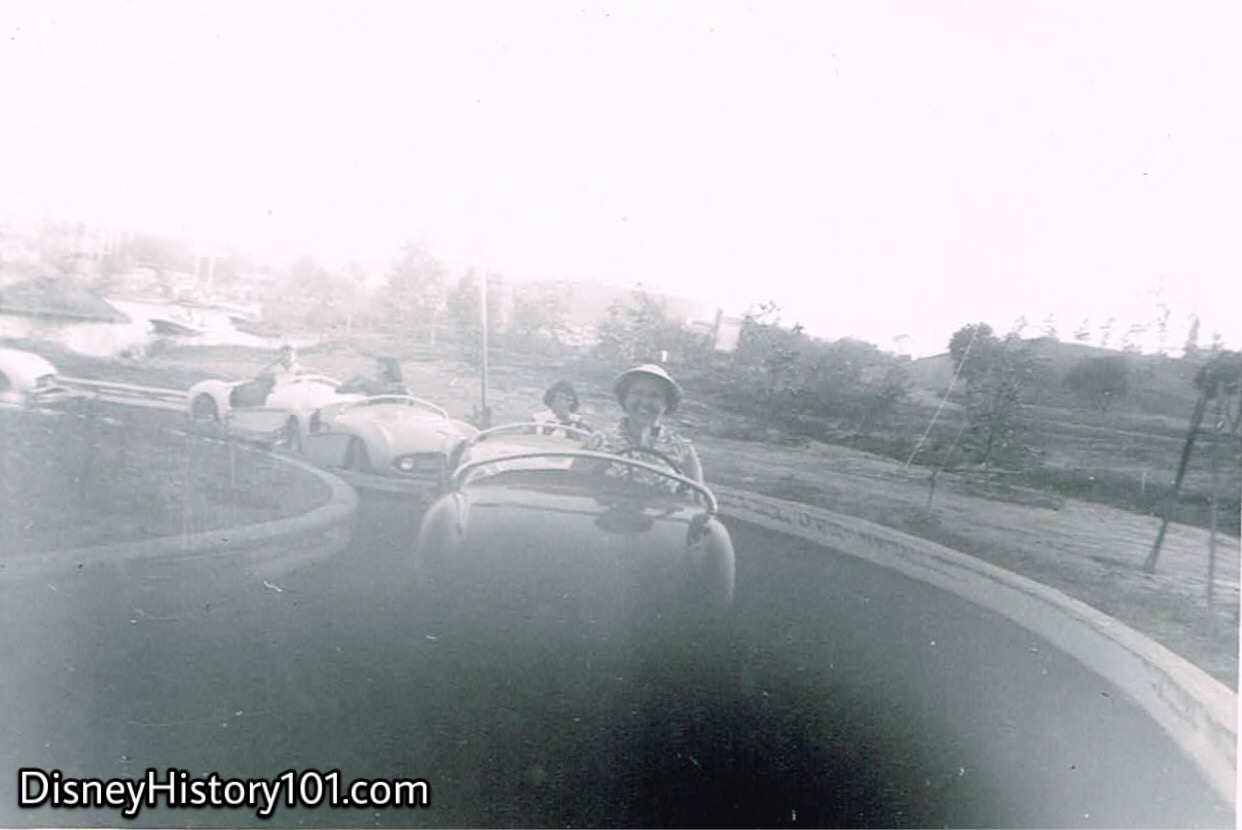
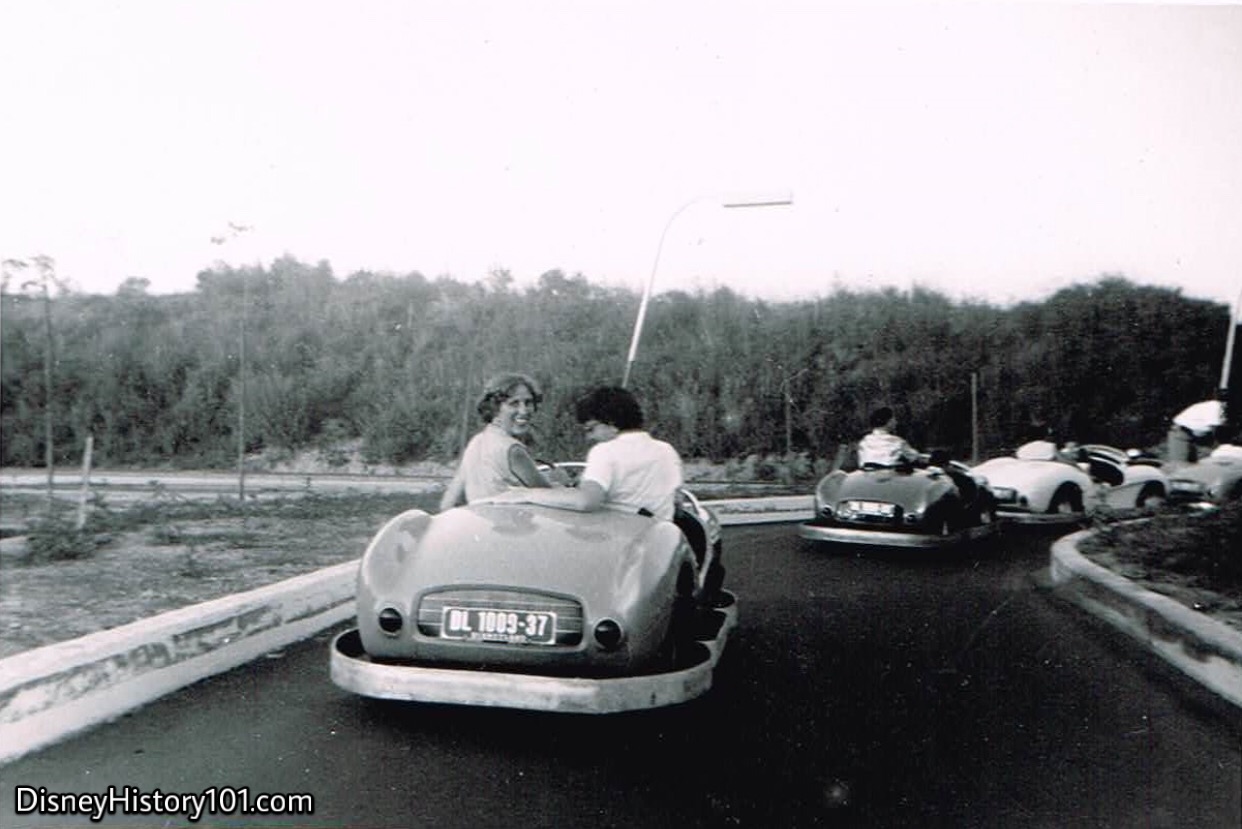

You may notice telephone poles and highways in the backdrop of more than a few of our Vintage Views, and be assured that Walt noticed these visual intrusions too!
Disneyland was encircled by an earth wall called, the ”Berm.” Walt Disney's purpose was to make Disneyland a place separate from the world of today. While the landscaped berm blocked out the realities of the outside world, Harbor Boulevard (a full-scale highway) and the Santa Ana Freeway (a true-life expressway) were located just on the other side of the berm in the distance. Walt would eventually have the twentieth-century telephones along the backdrop of Tomorrowland removed, paying the utility company to place the telephone poles underground. He also had the berm elevated to hide the Santa Ana Freeway highway ramps. For now this was the sight of the Freeway of the Future on this side of the berm, and a young driver who looks ready to roll onto “the open road” in his very own Autopia Mark I car!
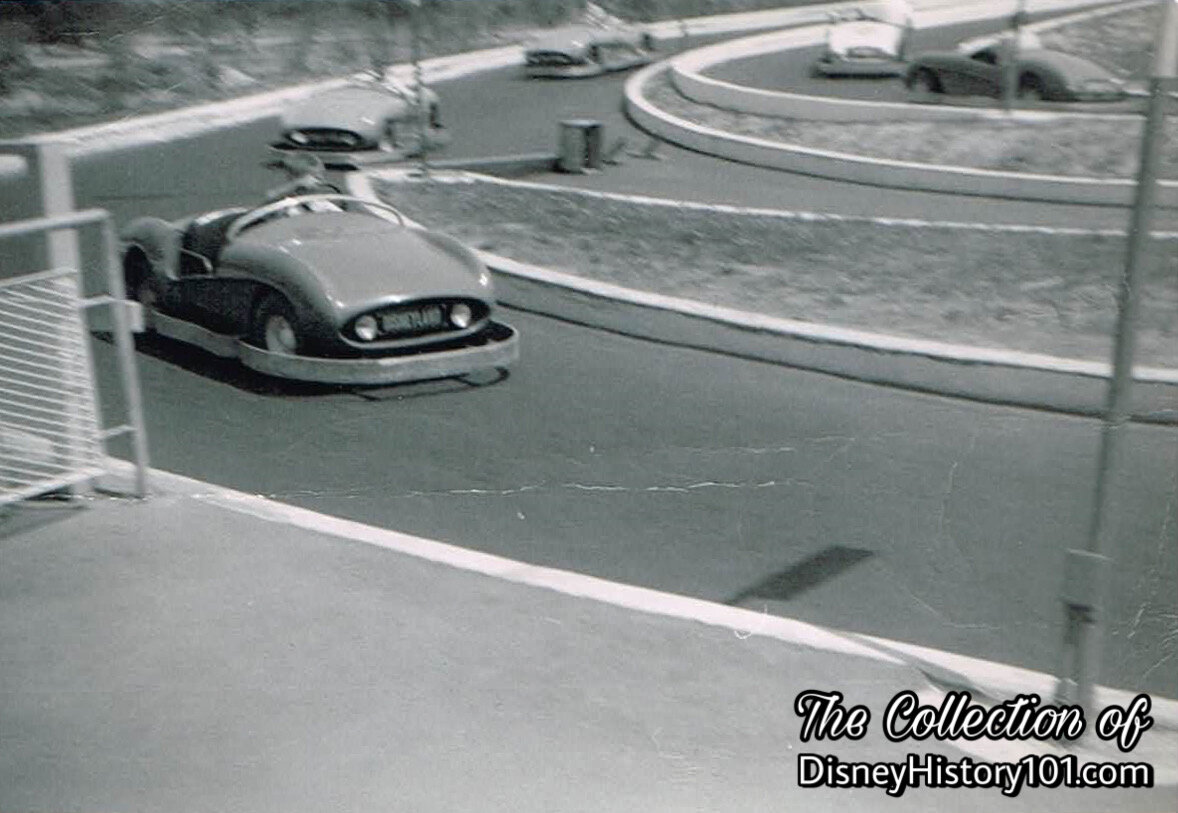
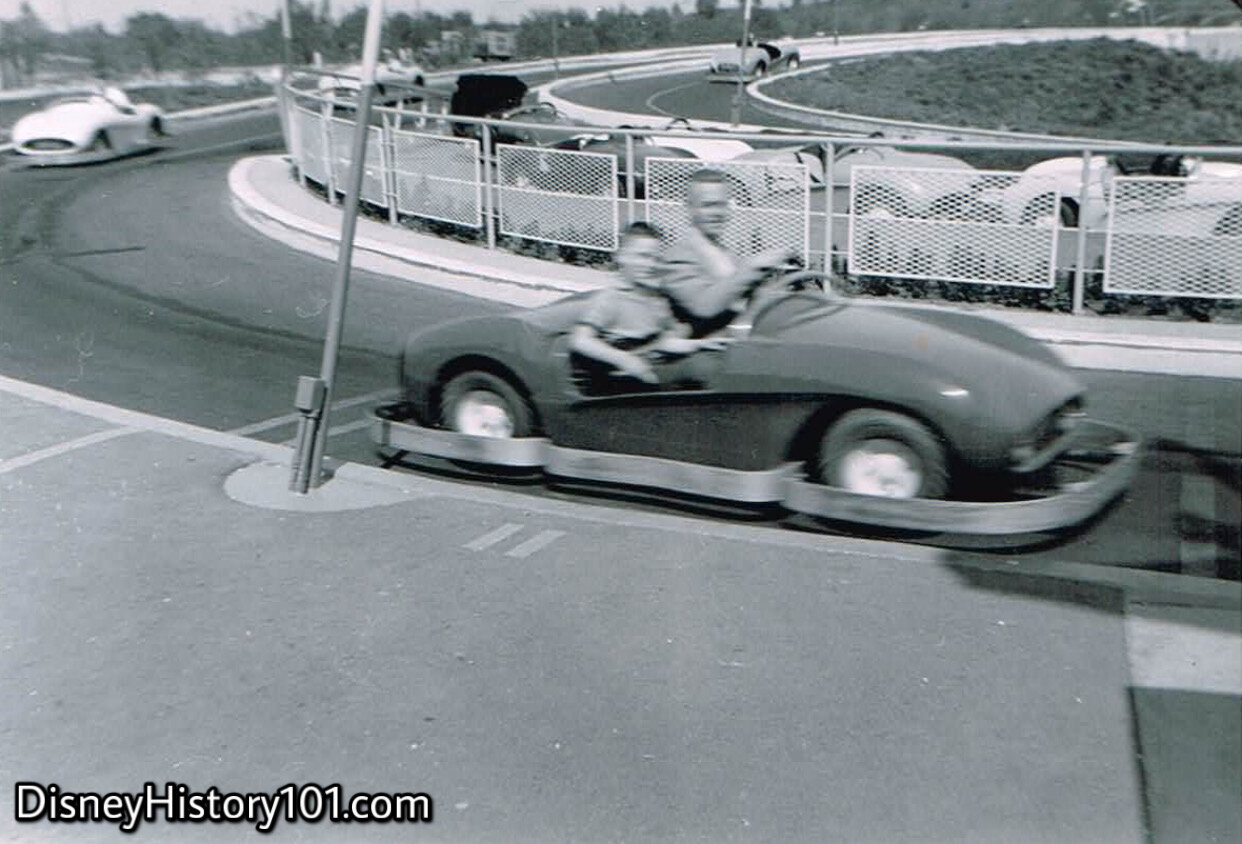
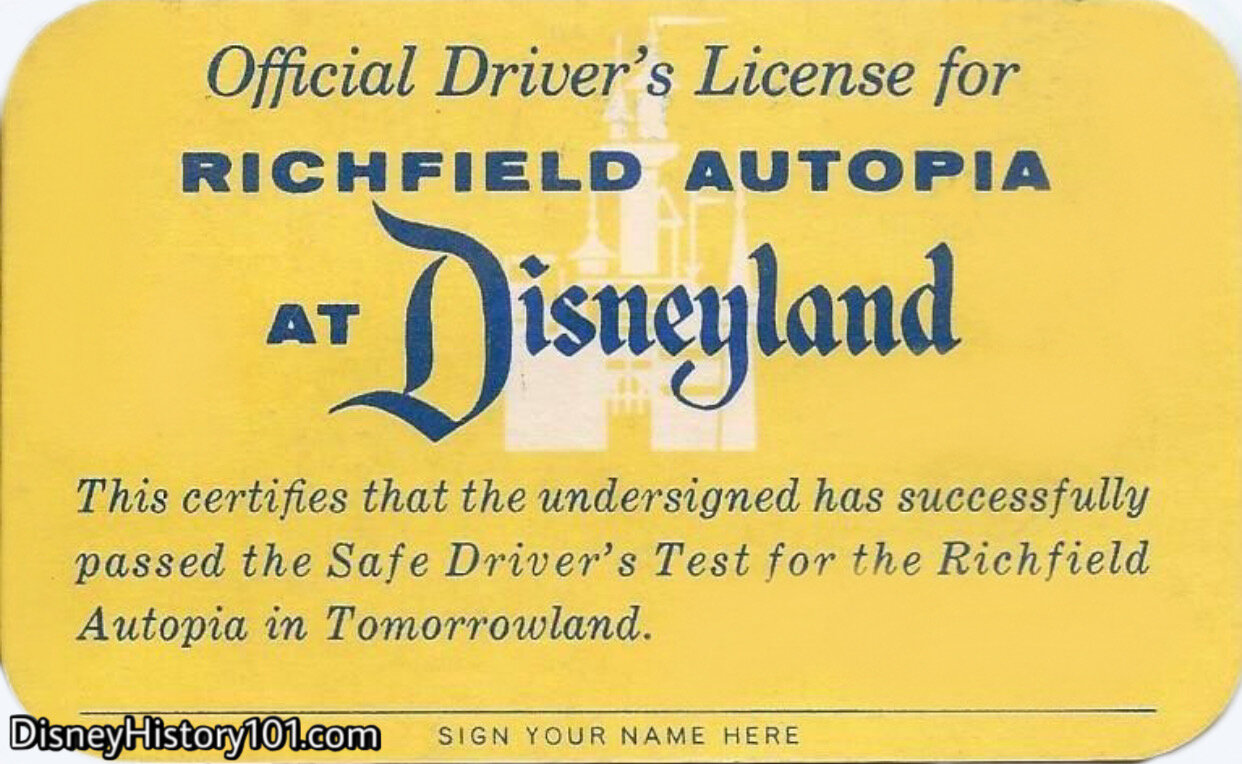
“The Story of Disneyland” (a souvenir guide published 1955, by Disneyland Inc.) advertised “After passing a driving test, youngsters are ‘licensed’ to operate the miniature sports cars of the future on a 100% safe freeway.” The Autopia Driver’s Licenses were a free novelty item, originally printed on Globe paper (the very same company used to print Disneyland’s tickets during the early days).
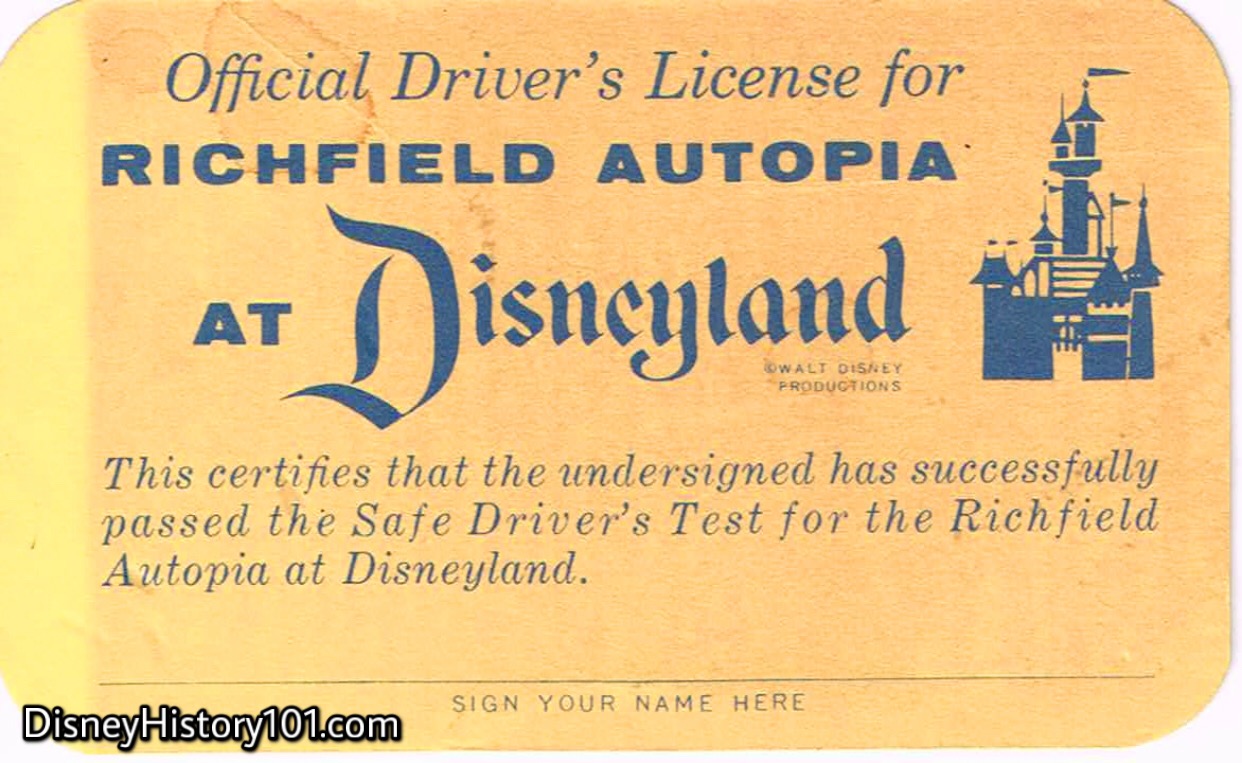
Once drivers safely completed their circuit, they were awarded their very own Richfield Driver’s License! These series of licenses were available from late 1955 to 1960.
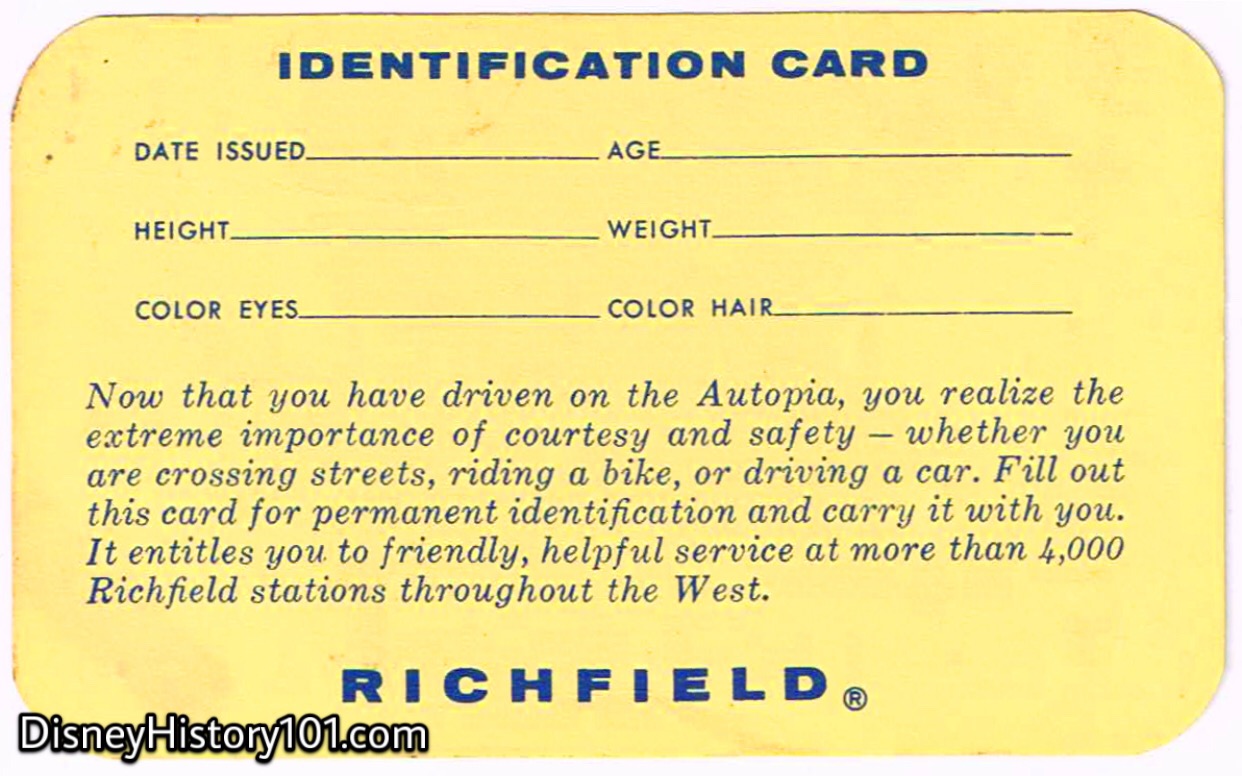
Now it’s time to fill in the informative details that identify YOU as the holder of this Official Driver’s License for Richfield Autopia at Disneyland!

Walt Disney, on the eve of Disneyland’s first day of operation, promised that “Disneyland will never be completed. It will continue to grow, to add new things, as long as there is imagination left in the world.” By the end of 1955, forty new Autopia Mark II cars arrived with a new chassis and sturdier (and thus, smoother-running) engines. These new versions of the Autopia car also featured booster seats and extender blocks on the peddles (for shorter guests). According to Magic Circle magazine (June, 1956) : “Autopia’s sleek little roadsters get a daily on-the-line inspection and grease job. Oil is changed once a week regularly and possibly twice a week during the summer season. Necessary repairs are done in a garage nearby. The little cars are a great favorite with youngsters - with grown-ups too.”
With the new (c. 1956) Autopia upgrades alone, it was easy for visiting Disneyland Guests to develop a severe case of “Motor-mania”! Then, the automotive exhibitions descended upon Disneyland during that very year, only furthering love for the automobile! There was the huge American Motors NASH Automobile Exhibit, that was featured in a circa 1956 magazine campaign. NASH automobiles - “the world’s first travel car” - (like the 1956 Ambassador Country Club Coupe) made their way to Walt Disney’s Magic Kingdom, and were parked in various picturesque locations around the Park! Some were exhibited in Town Square, in Fantasyland (near Chicken of the Sea Pirate Ship and King Arthur Carousel), in the Painted Desert, and in Central Plaza. Yet another magnificent exhibit - "Sports Car Concours D'Elegance" was held during April of 1956! This particular exhibition brought true-life, full-scale, one-of-a-kind racing specimens (like the Abarth 207-A) to Disneyland. These events (and more) would certainly “rev” up Guest’s interest to sit behind the wheel of a Richfield Autopia scale race car, by the time they reached Tomorrowland!
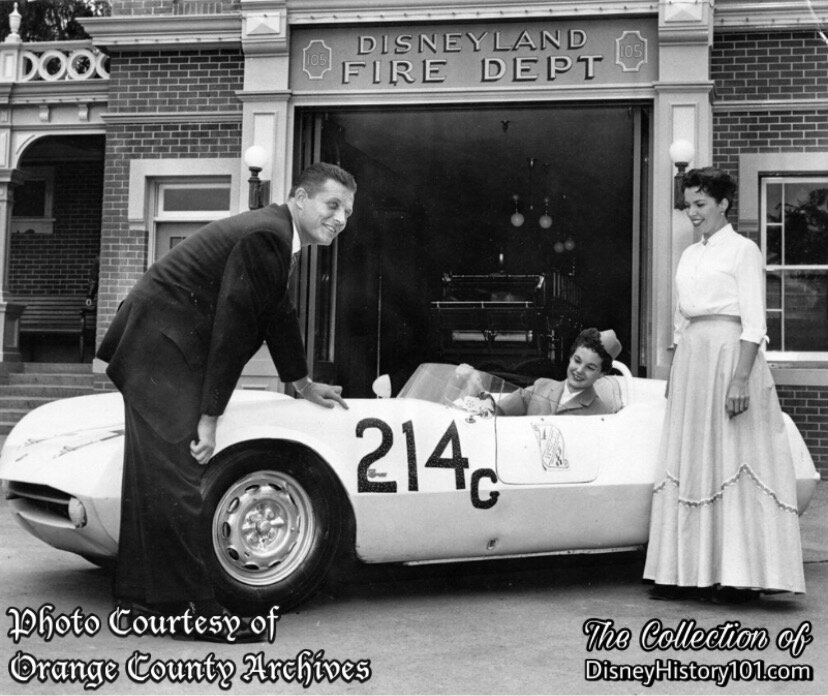
Owing in part to these attractions, “high state, local and national government officials” as well as “luminaries from motion pictures, television and the theater” turned out to “pay tribute to this happy land” and the Autopia Freeway of the Future. [“Disneyland 1st Anniversary Souvenir Pictorial”, 1956, page 9] Among the first four million visitors to step though the Main Entrance Gate turnstiles and sit behind the wheel was Vice-President Richard Nixon and his daughter.
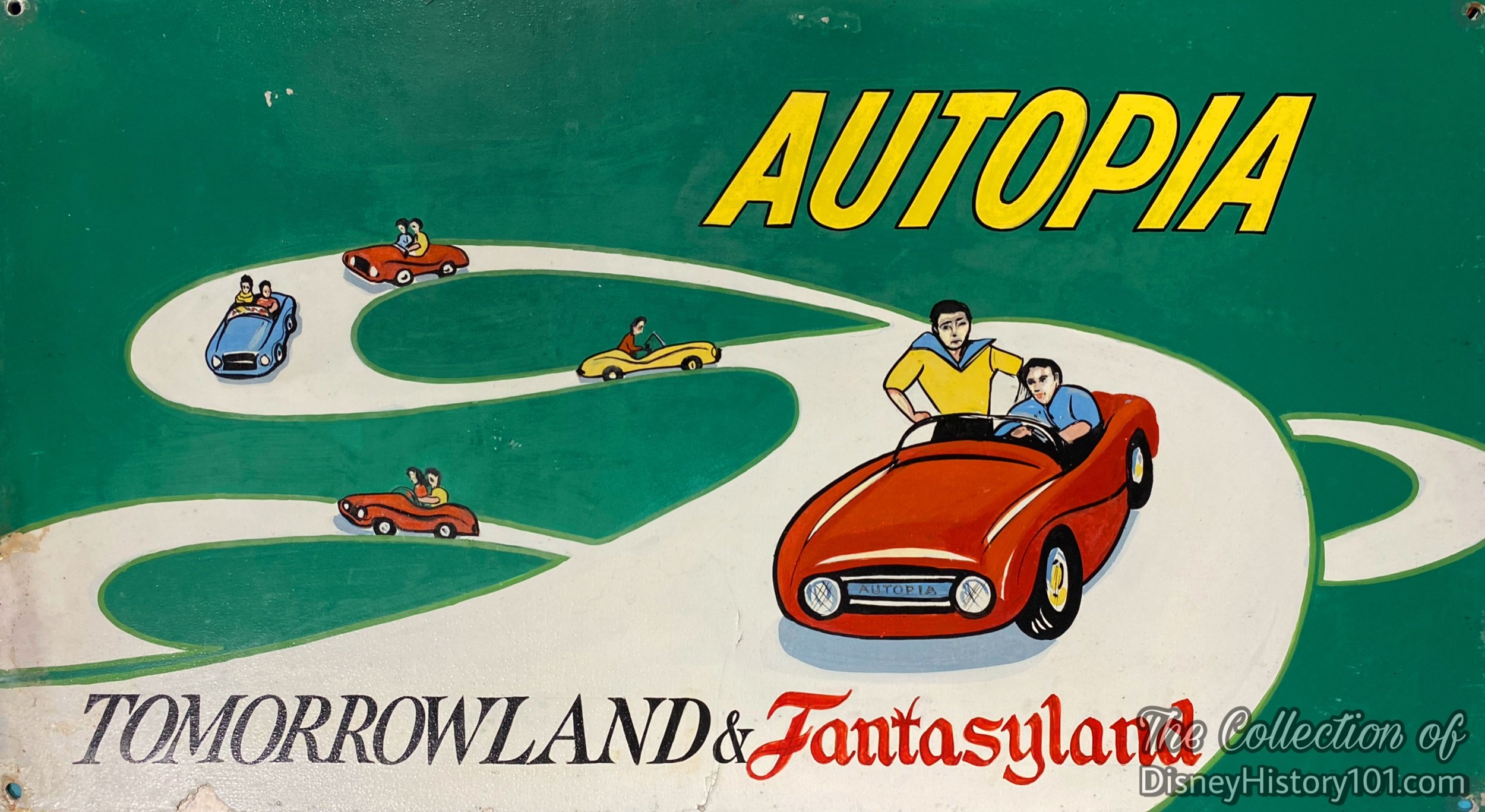
The aforementioned Autopia Mark II cars were distinguished from the Autopia Mark I cars, in that they were specifically utilized for the all-new Richfield Junior Autopia which opened in the site of the former Mickey MouseClub Circus in Fantasyland, on July 23, 1956. The Richfield Tomorrowland Autopia required that “children be as tall as the bottom of… the [neighboring] sign to drive or sit behind the steering wheels of Autopia Cars.” This new Junior Autopiatrack was one of several new adventures, that was specifically designed with those guests who may not have met the Richfield Autopia height requirement. The new attraction also quickly proved the truth of Walt Disney’s promises of an ever-expanding Disneyland, a promise made “on the eve of the Magic Kingdom’s opening!”
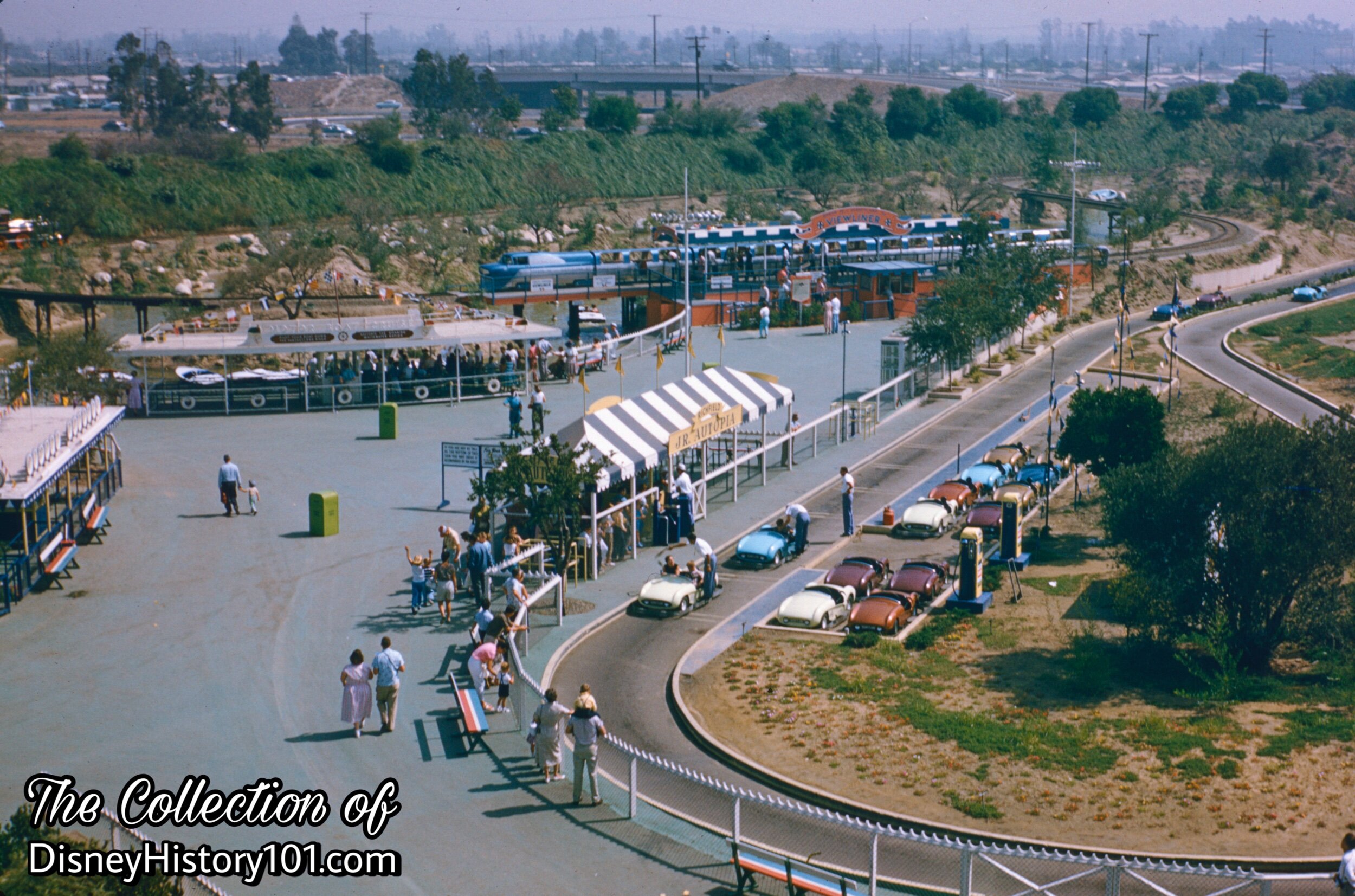
The Junior Autopia was one of many exciting attractions debuting during 1956, that increased ride capacity, and (owning to this) one day in August saw a peak total of “197,547 individual rides” enjoyed by Guests (according to a letter from Walt to Ward Kimball, dated January 23, 1957). Still, the Richfield Junior Autopia track was short-lived, lasting only two years, from July 23, 1956 until it closed on September 15, 1958 (when Matterhorn and Submarine Lagoon construction soon began).
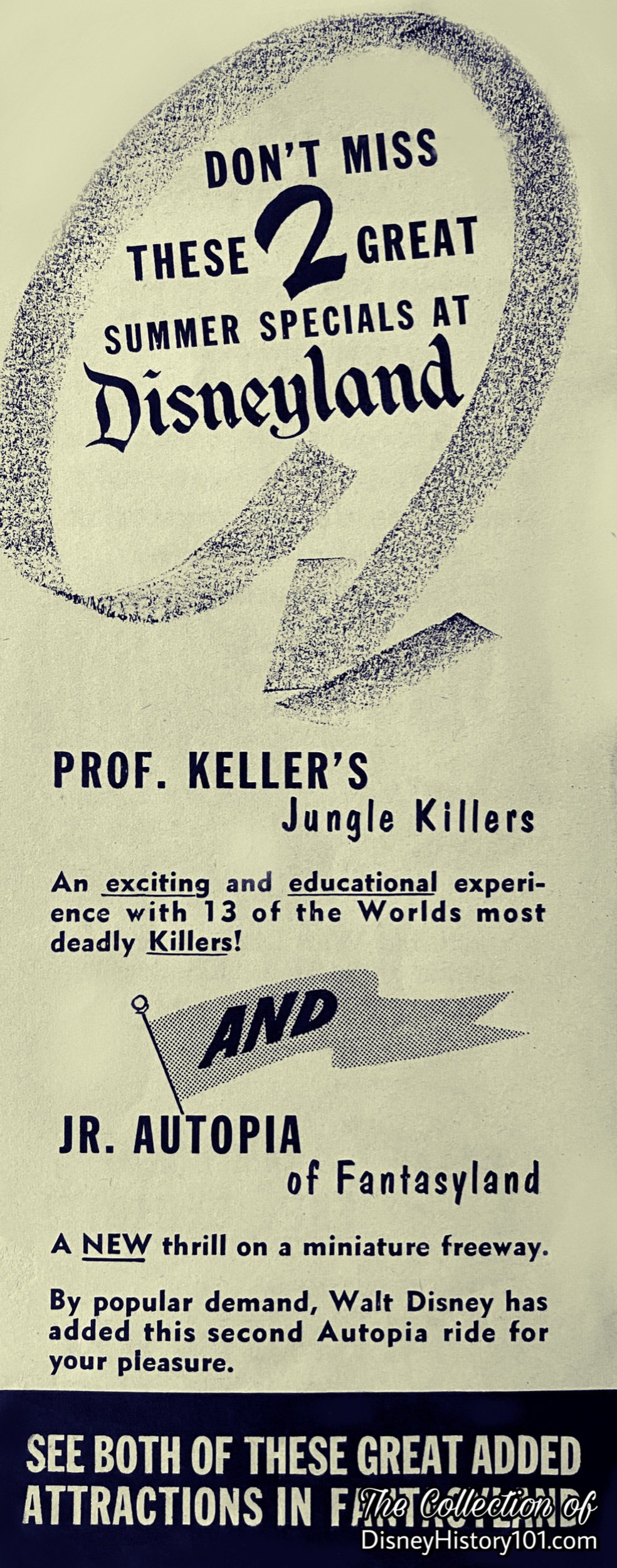
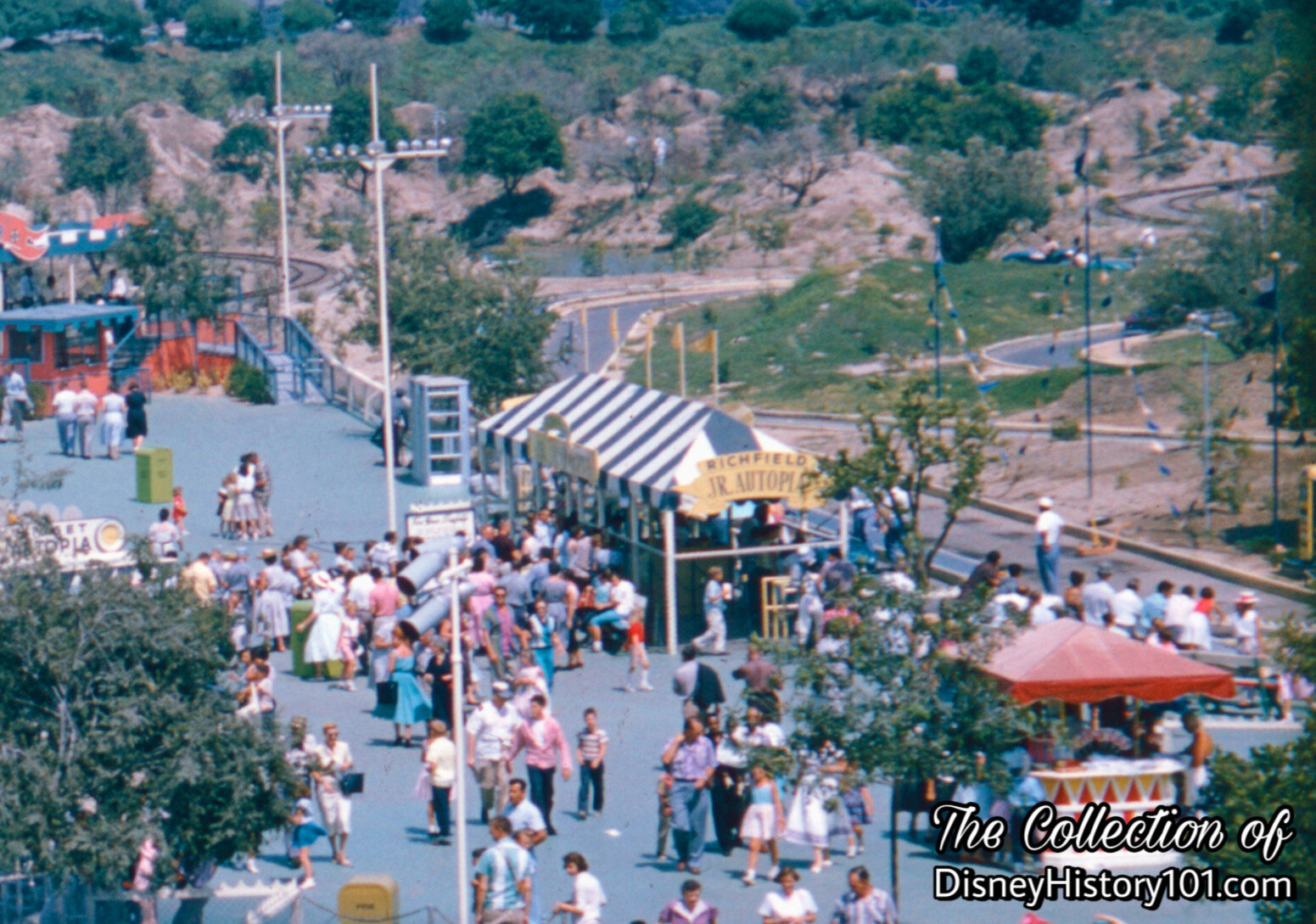
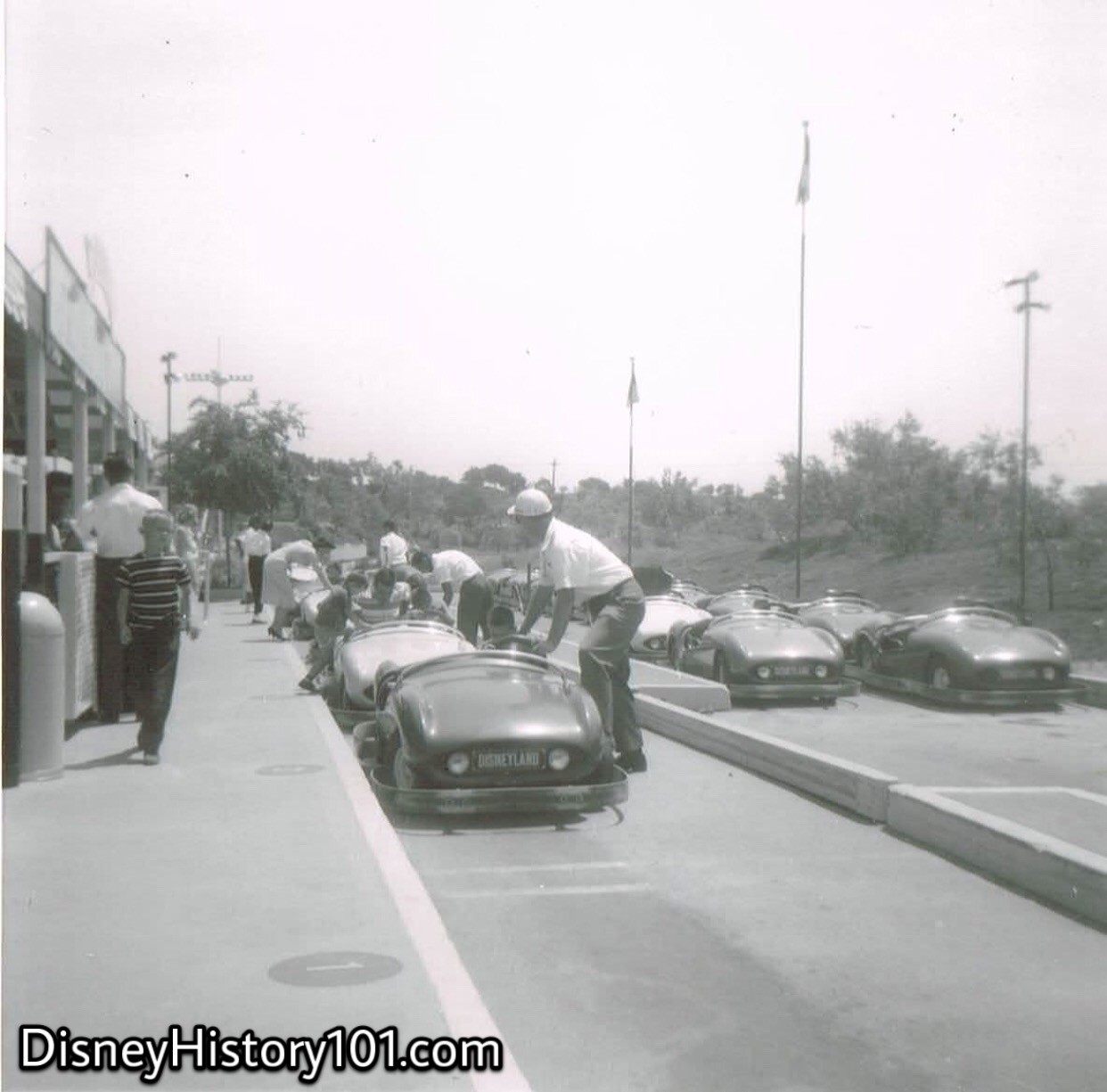
Smaller guests board and depart from Junior Autopia Mark IIs.
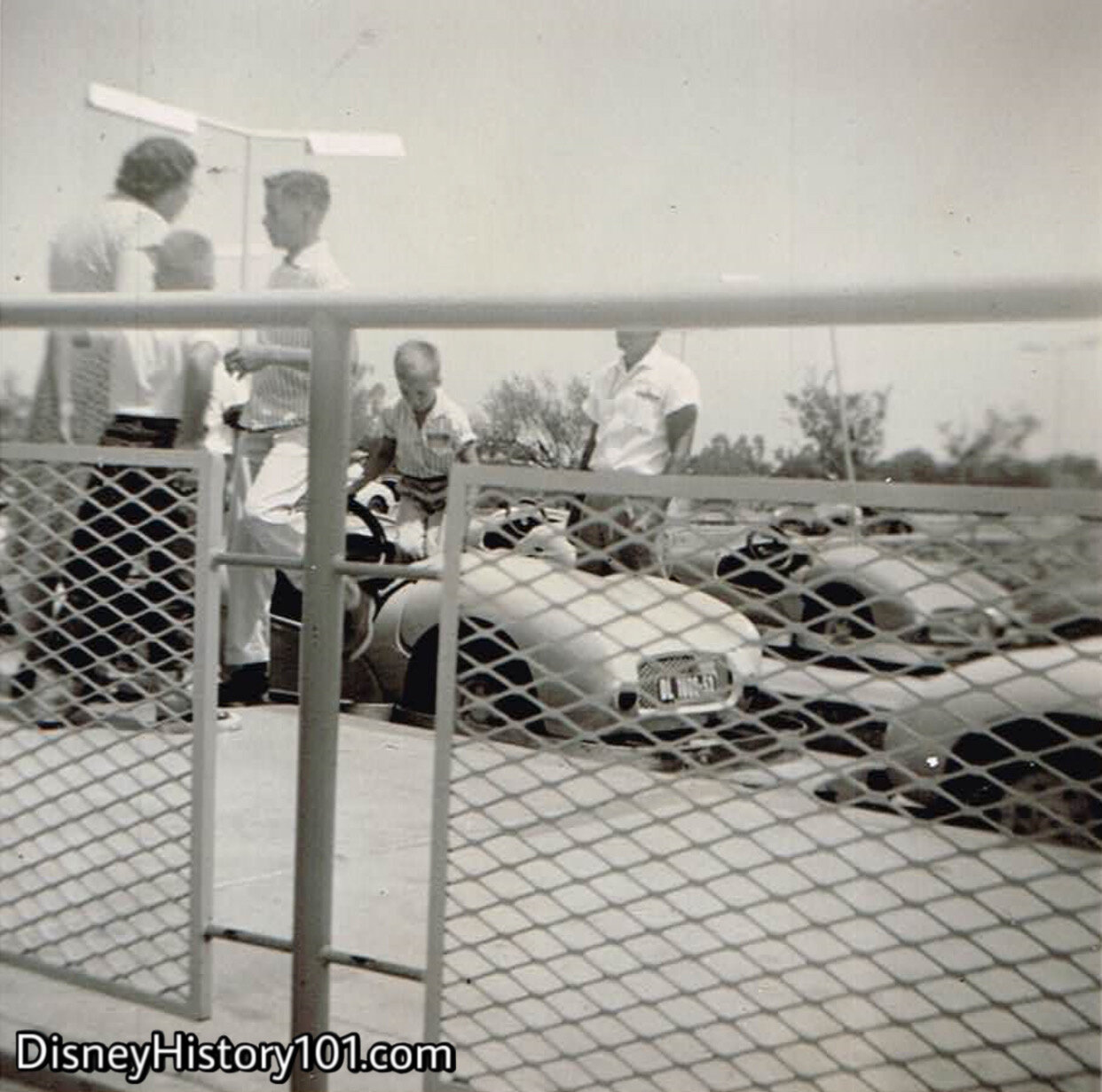
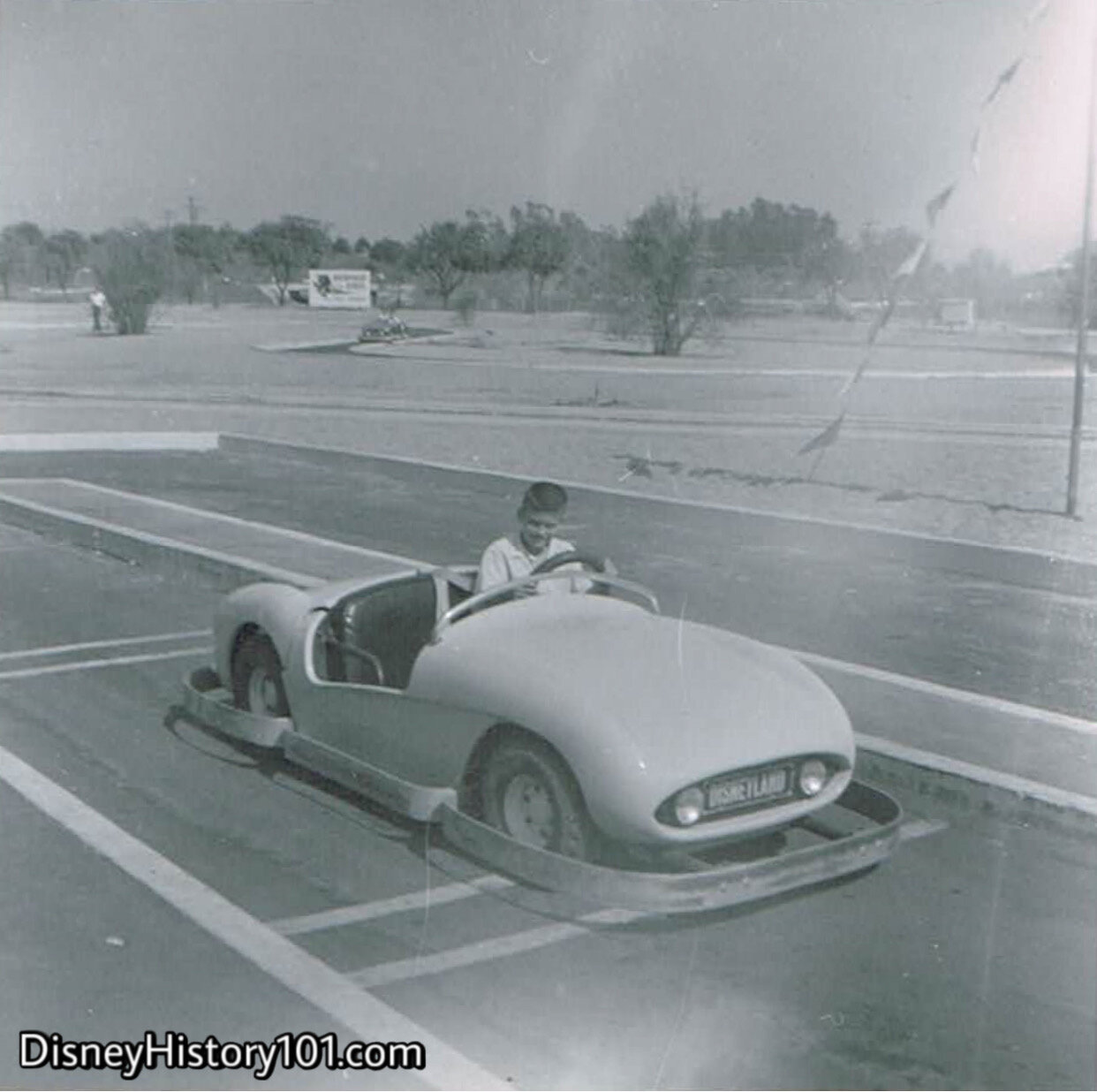
On this side of the berm, this young driver looks ready to roll onto “the open road” in his very own Junior Autopia Mark II car!
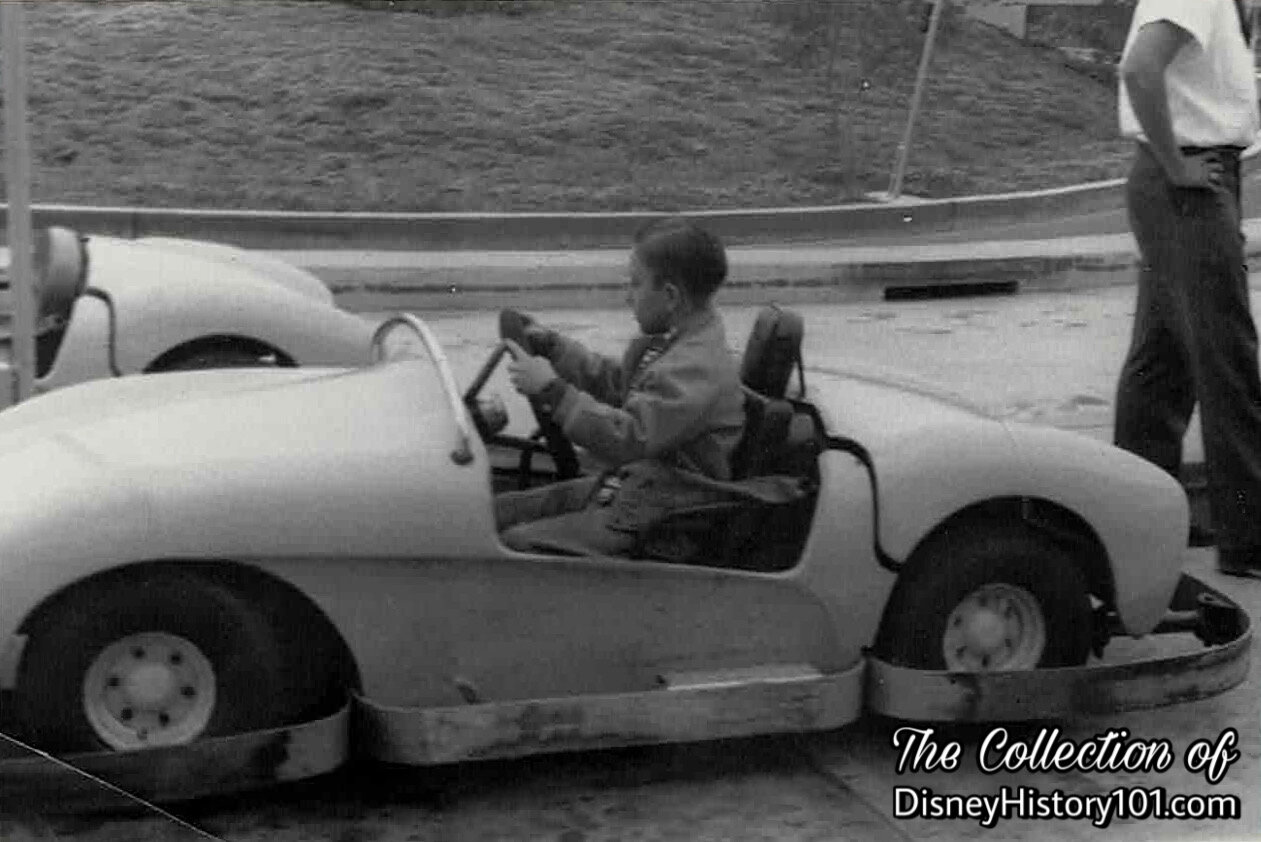
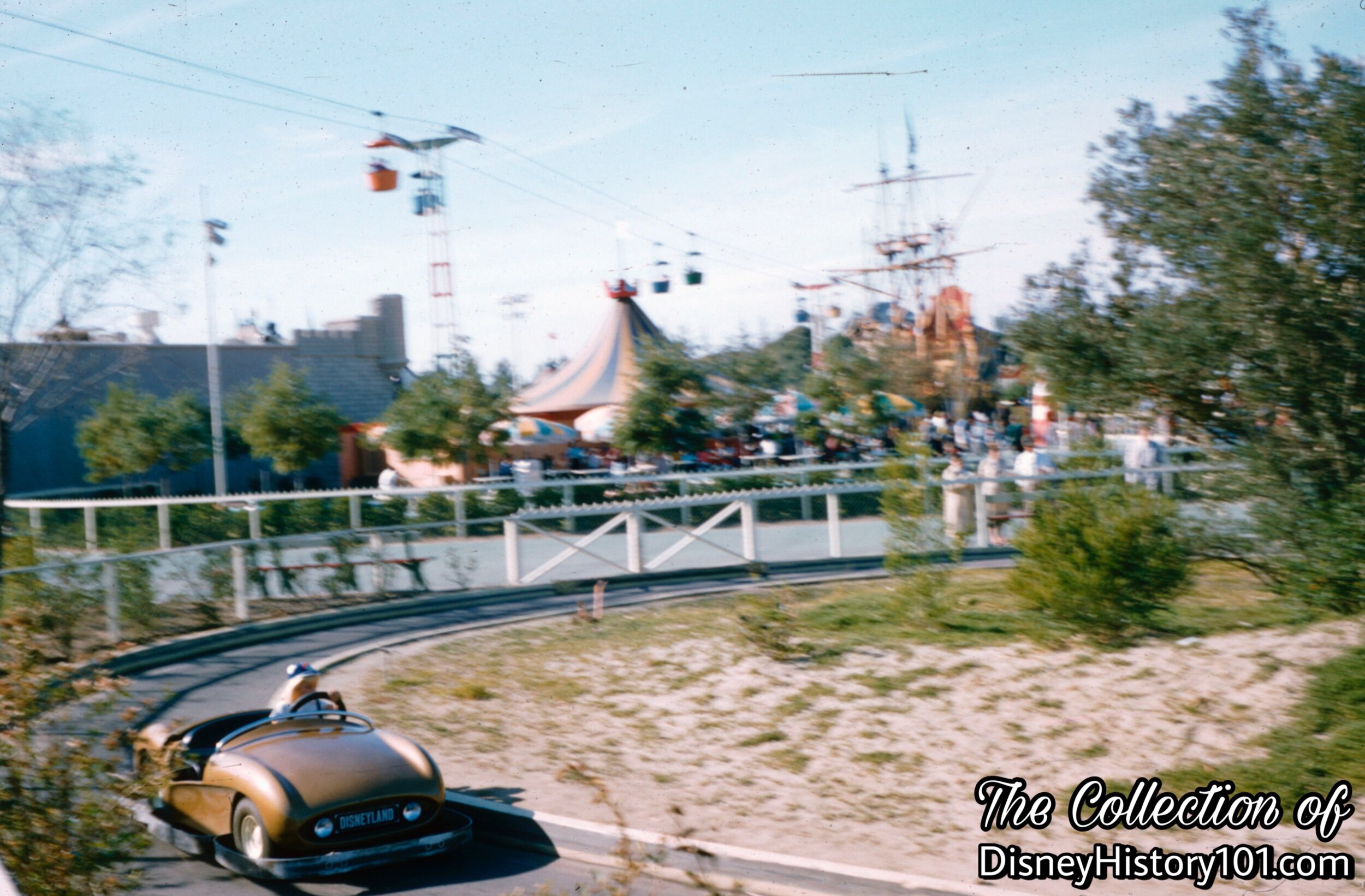
An Autopia Mark II Vehicle rounds a curve of the Richfield Junior Autopia of Fantasyland, near the future site of the Matterhorn!
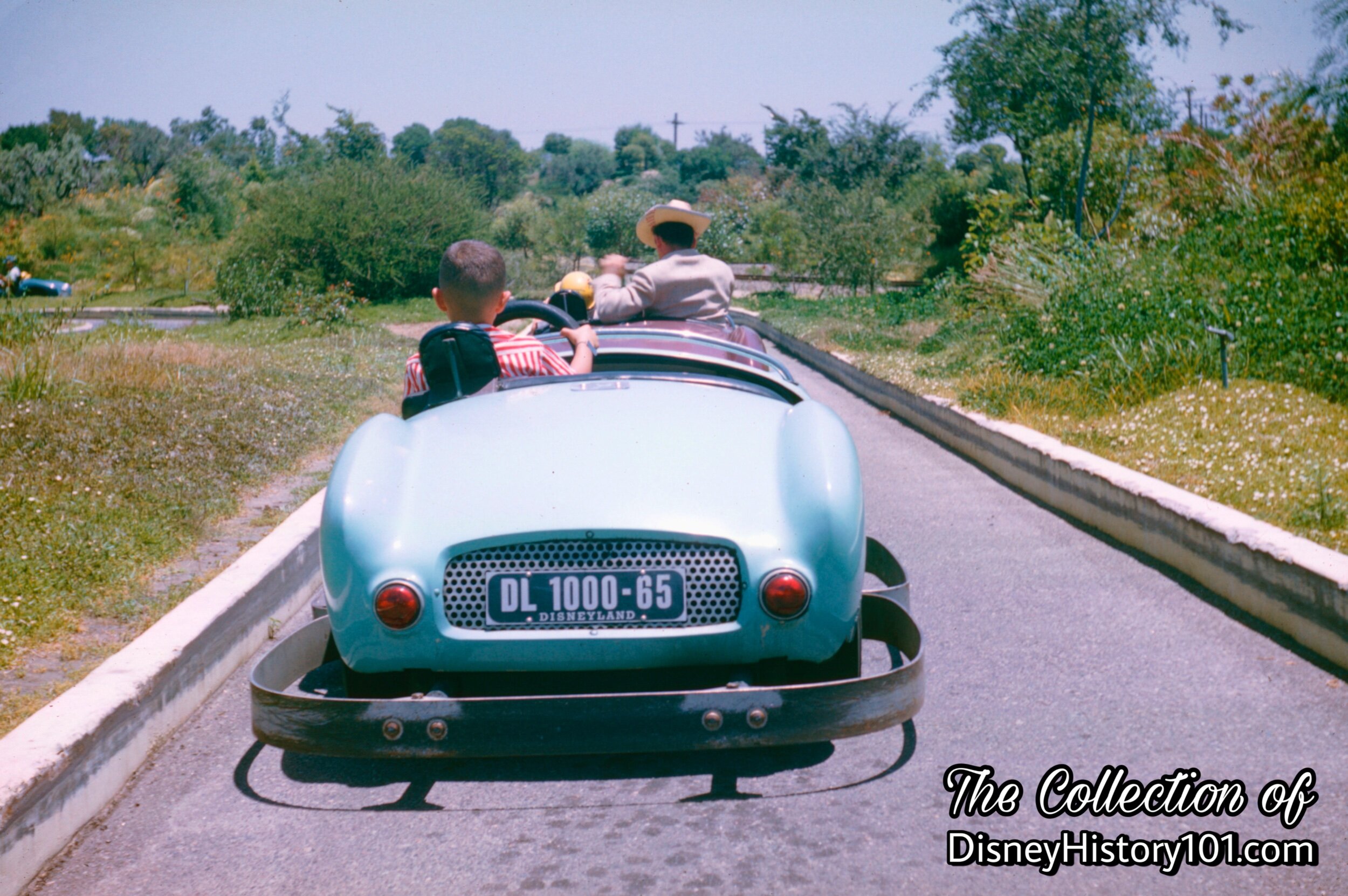
Here, a youth savors “the challenge and promise of the future.”
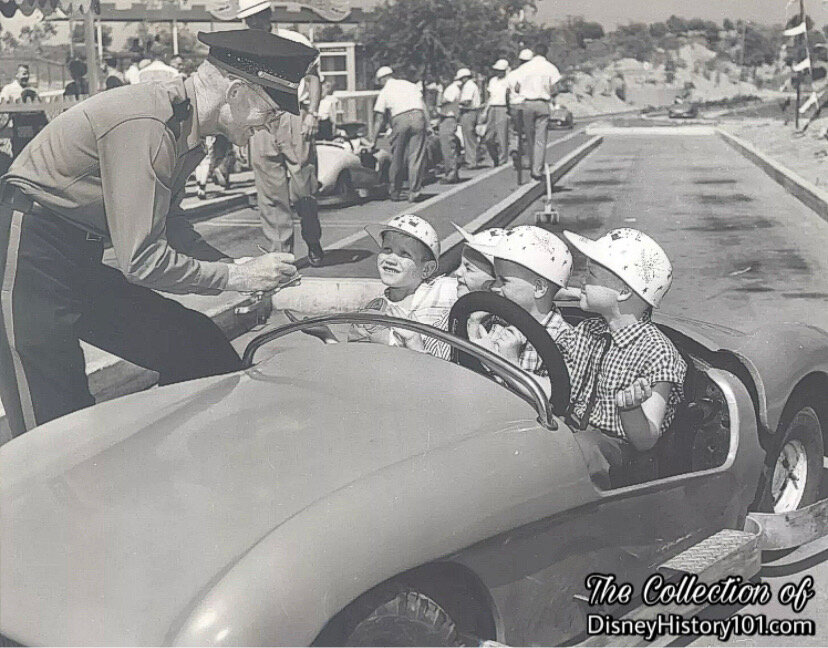
The Mark II’s “seating accommodates two adults if necessary but is intended primarily to suit the age span from 6 to 16 years”, according to Road & Track magazine (published September of 1955). This preceding photo impresses just how many Guests (ages “6 to 16”) may fit in the Driver’s seat! The original accompanying press release caption (of the preceding photo) reads : “‘Four Guys on the Town’ - Giving up their horse for horsepower, the four lads covered some territory at the Anaheim, California, amusement park before tangling with the law again. Officer Sherman Sewell smiles like a Cheshire Cat as he writes out a traffic ticket for the boys, who insisted they were all ‘helping with the steering’. Left to right behind the wheel are James, Mike, Paul, and Phillip.”
Also visibly noticeable, is the rubber “deep dish” safety steering wheel cover.

The admission for both the Autopia (in Tomorrowland) and the Junior Autopia (in Fantasyland) was one “C” Coupon (35 cents) for about a year. Then, late in 1958 (and some time after this ticket was printed), the Junior Autopia closed for refurbishment.
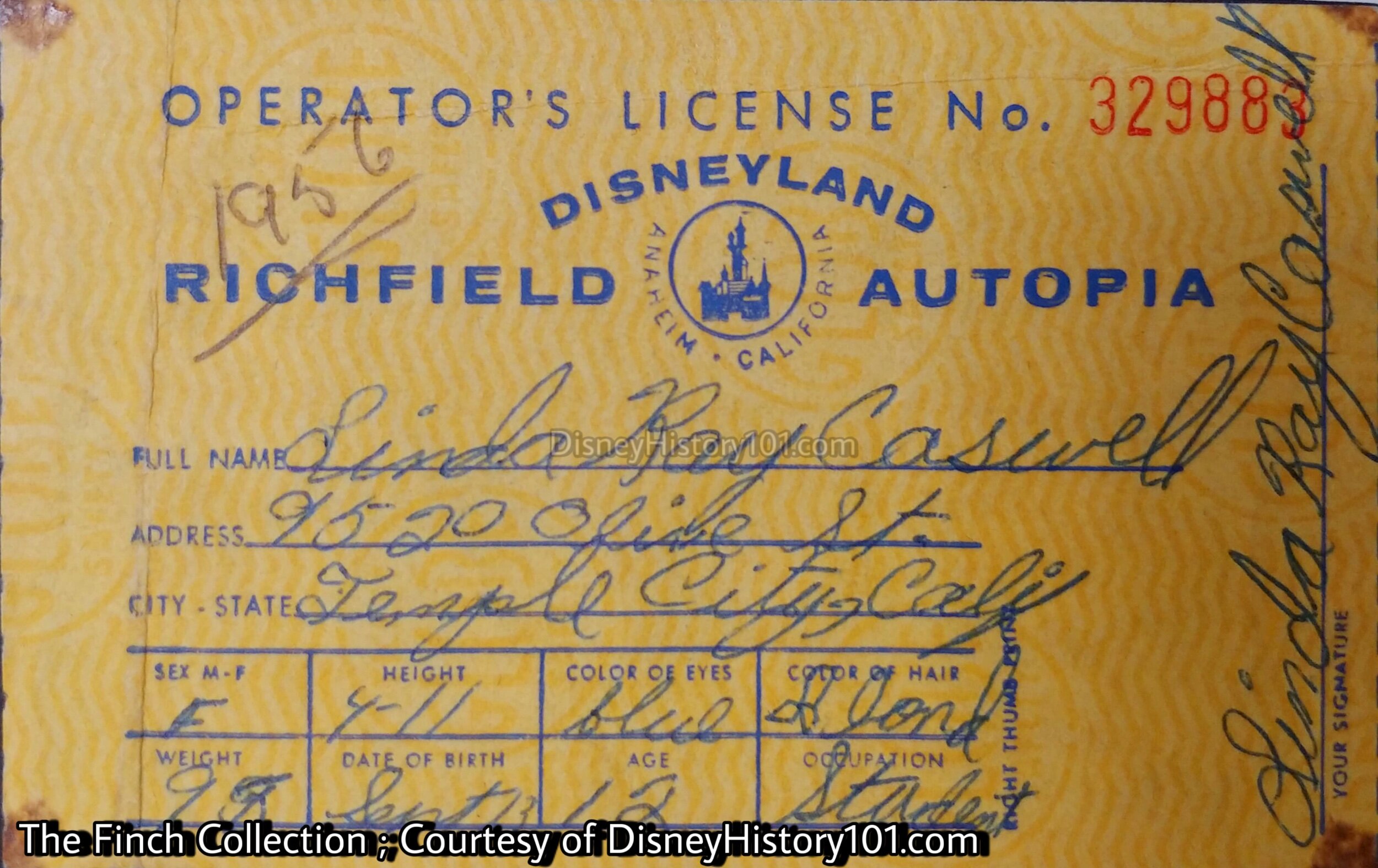
The brand new Disneyland Richfield Autopia Operator’s Licenses even contained added fields for the cardholder to add their birthdate (instead of just their present age), their occupation, their right thumbprint, and even their sex (as there were many male and female motorists on the road at this time). Many young motorists (like young Linda) cherished their all-new Disneyland Richfield Autopia Driver’s Licenses.
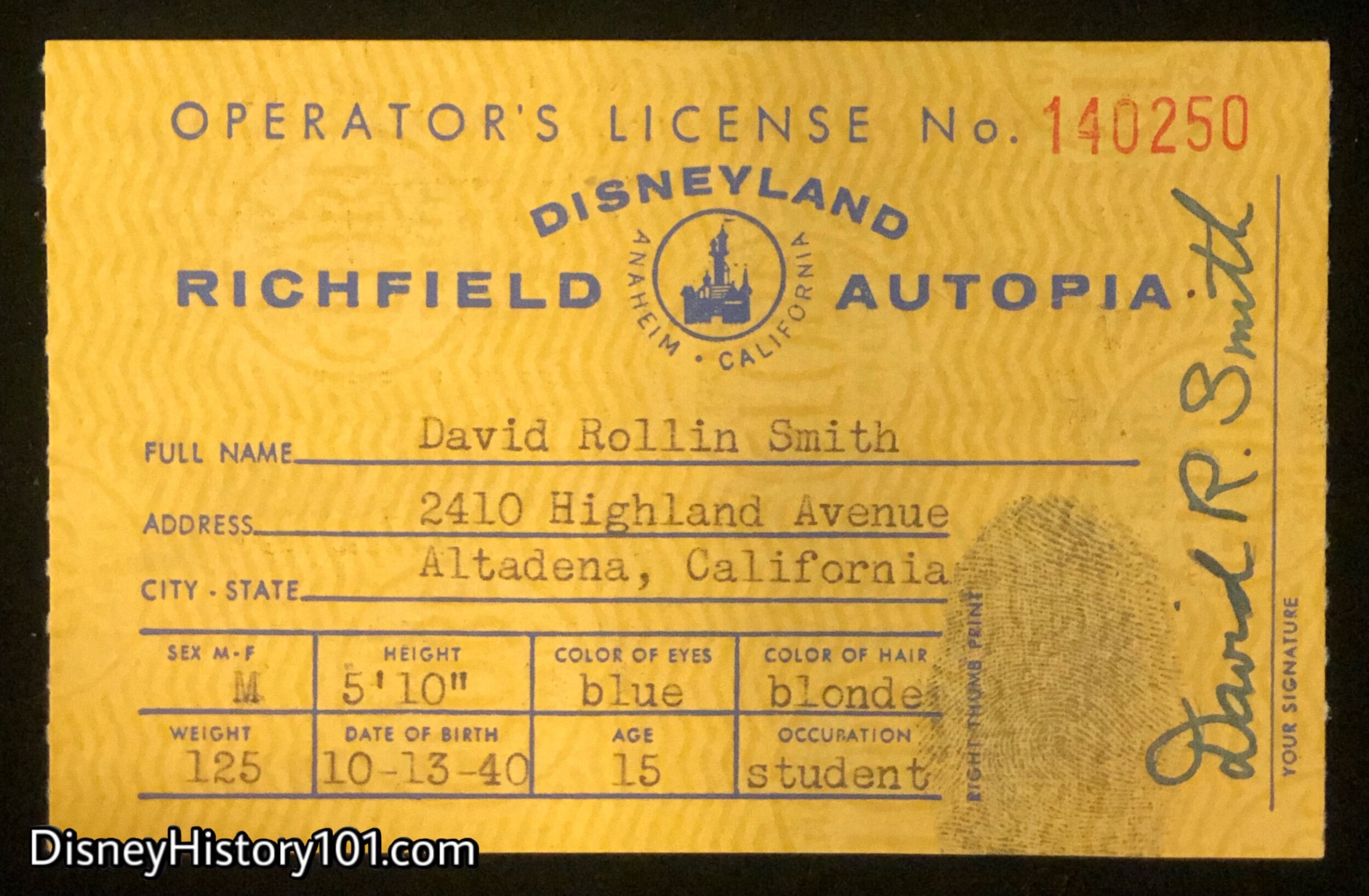
Future Walt Disney Archivist David R. Smith preserved his license in pristine condition for his entire lifetime!

By the beginning of 1956, interest in the Autopia had not diminished! One Associated Press article “Plan Trip Into Drop of Water, Liberty Square for Disneyland” (by Bob Thomas, published April 20, 1957) vaguely hinted at big changes in store for the Autopia. Upon being invited to Walt Disney Studio, Bob Thomas mentioned, “Walt gave me a preview of his ambitious plans at his Burbank studios. He showed models and sketches…plans call for… a revamped autopia.”
A single prototype Autopia Mark III had been produced, with a brand new engine, ball-lock clutch, and a gear box. In addition, the very Autopia Freeway track was widened to support two separate lanes (and two loading zones). Also, a new triangular-shaped station (with queue) was added, and from there, guests were given a view of cars passing thru the underpass. The latter two expansions were directed by Joe Fowler (Disneyland Operations Committee) who oversaw the Construction & Maintenance division including Engineering, New Construction, Maintenance, and Janitorial. These big changes were made to support increased guest volume (accompanying more drivers), and were being enjoyed by guests like actress Spring Byington (of “December Bride) and child actor Bobby Diamond (of “Fury”) during a 1956 photoshoot for their “TV Radio Mirror” article!
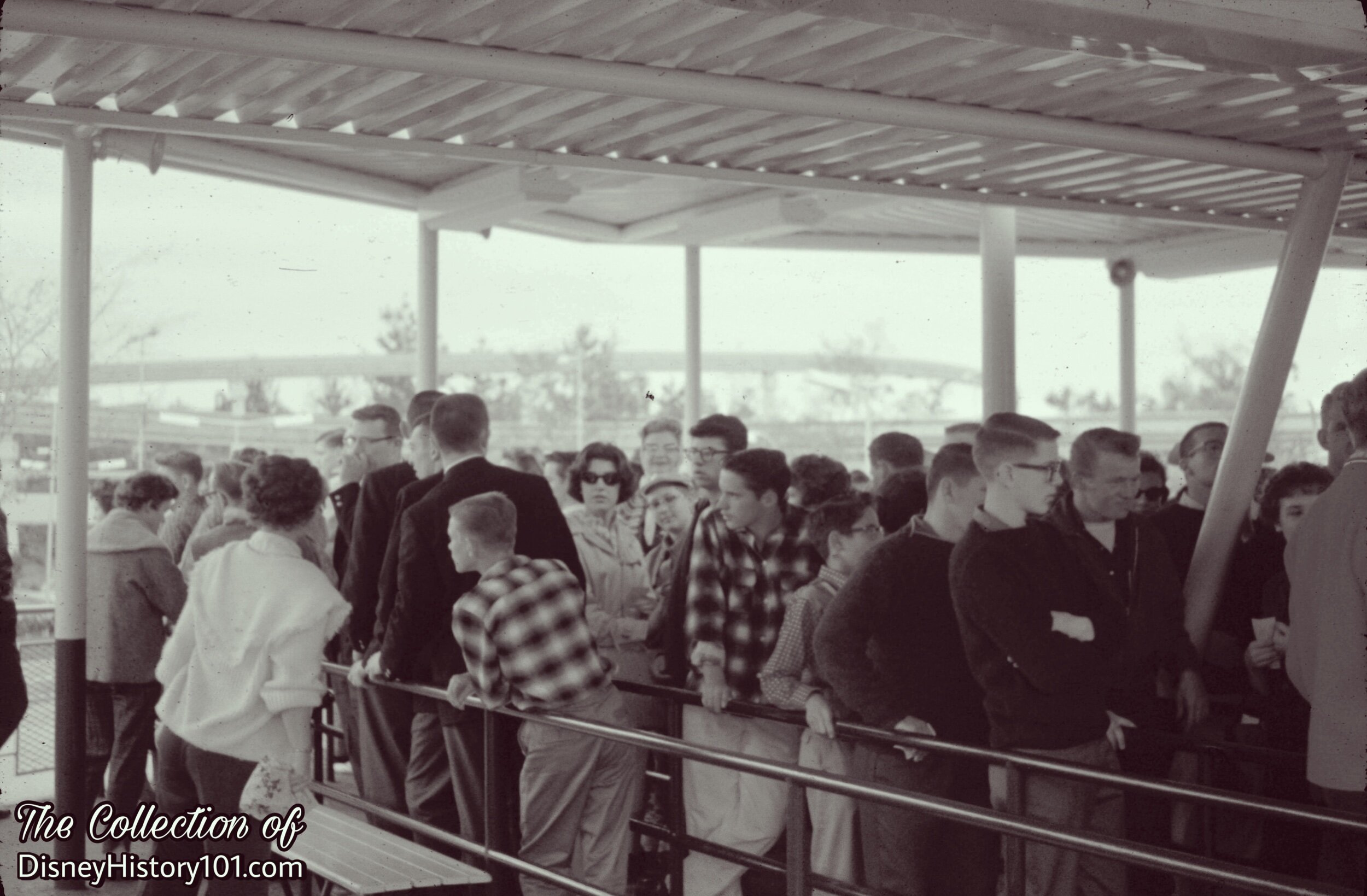
Here Guests wait in an orderly fashion to board the Autopia.
By late 1956, the attraction was “a favorite with youngsters,” and in fact, “the mileage already travelled by these little cars… [equalled] 21 trips around the world,” according to “Disneyland - The Park” (a Disneyland anthology television series short film (first aired 1957).
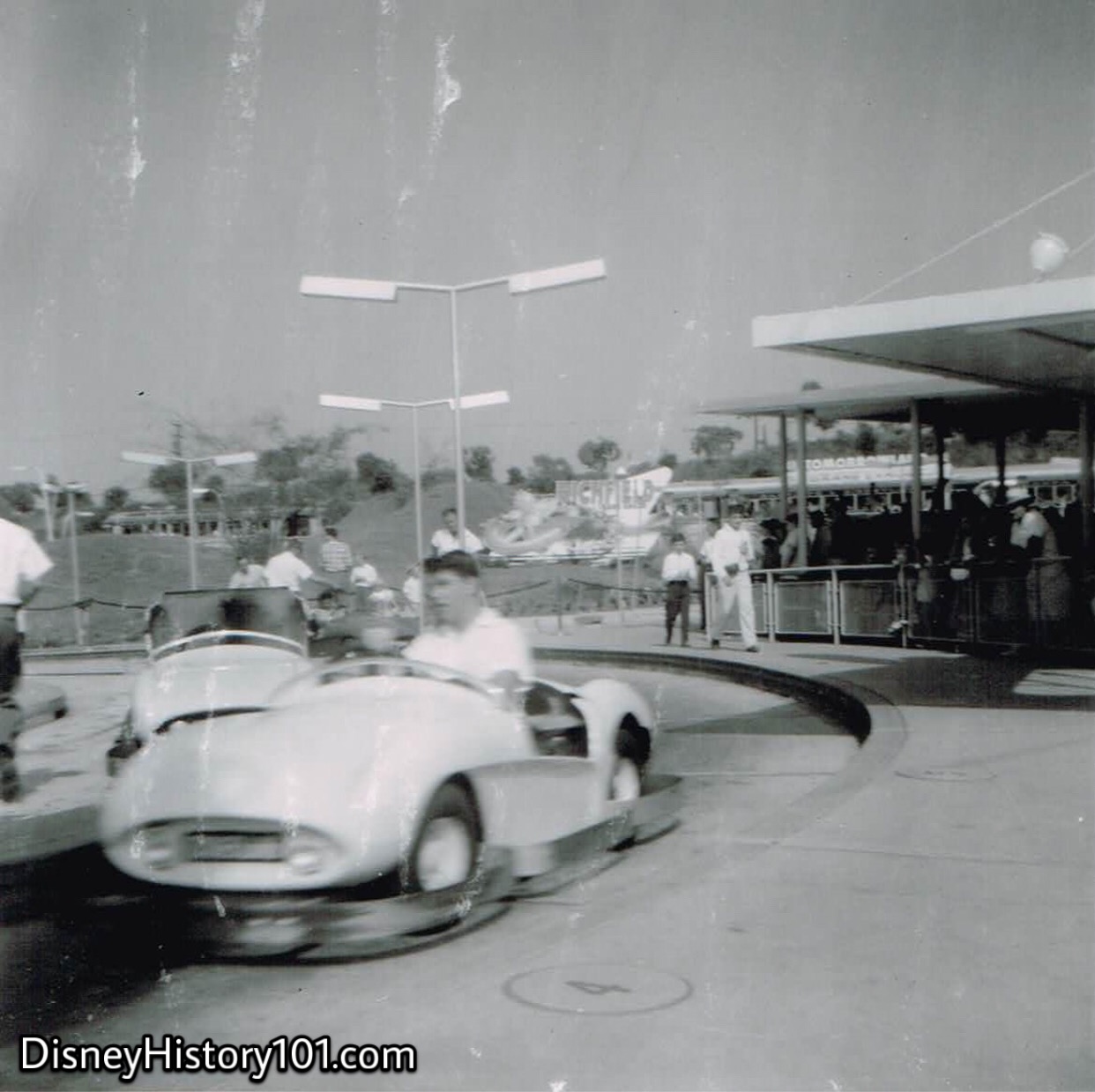

Did you know that some of the Autopia cars during this era were two-toned in color? Its true, at least for that one car in the background that appears to be pieced together from a salvaged part (or two)! Just notice the yellow and blue FiberGlas body of that Autopia Mark III parked within the service area (in the background).
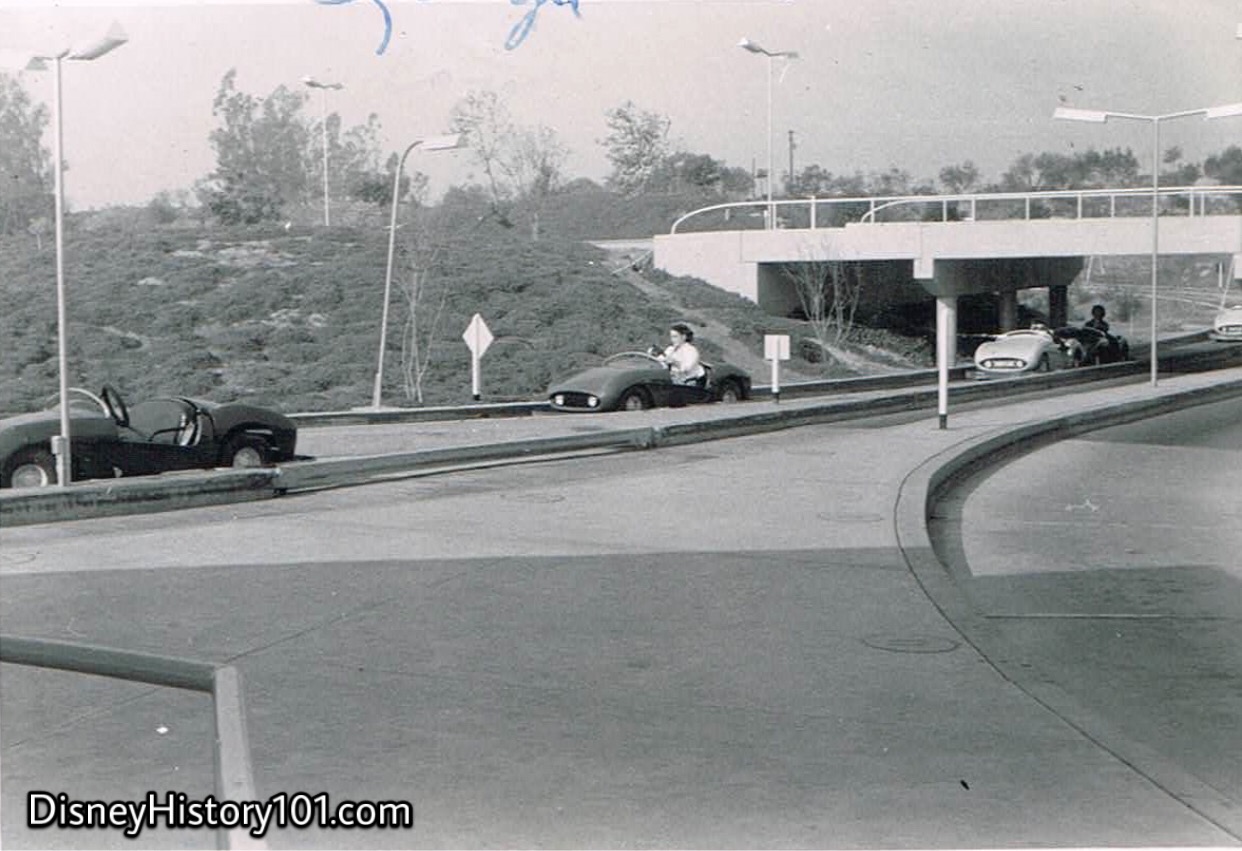
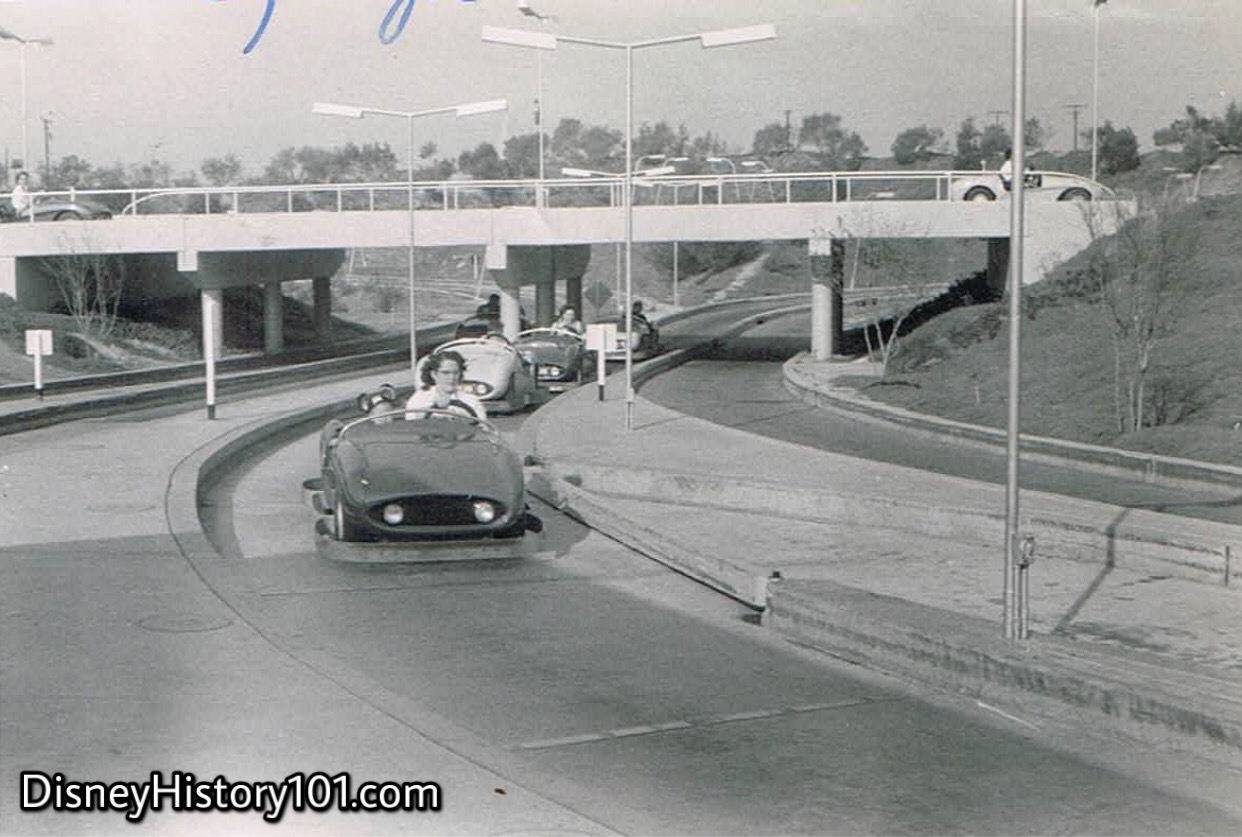
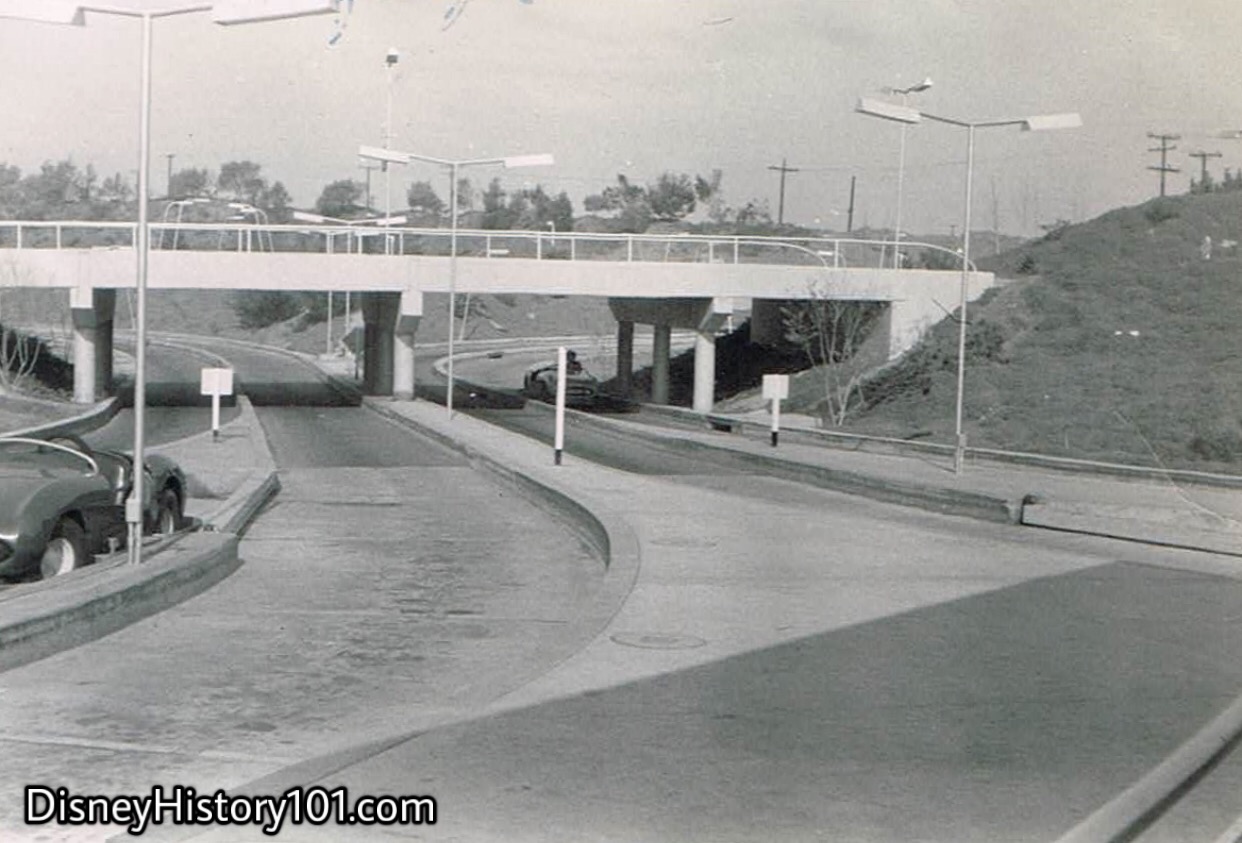
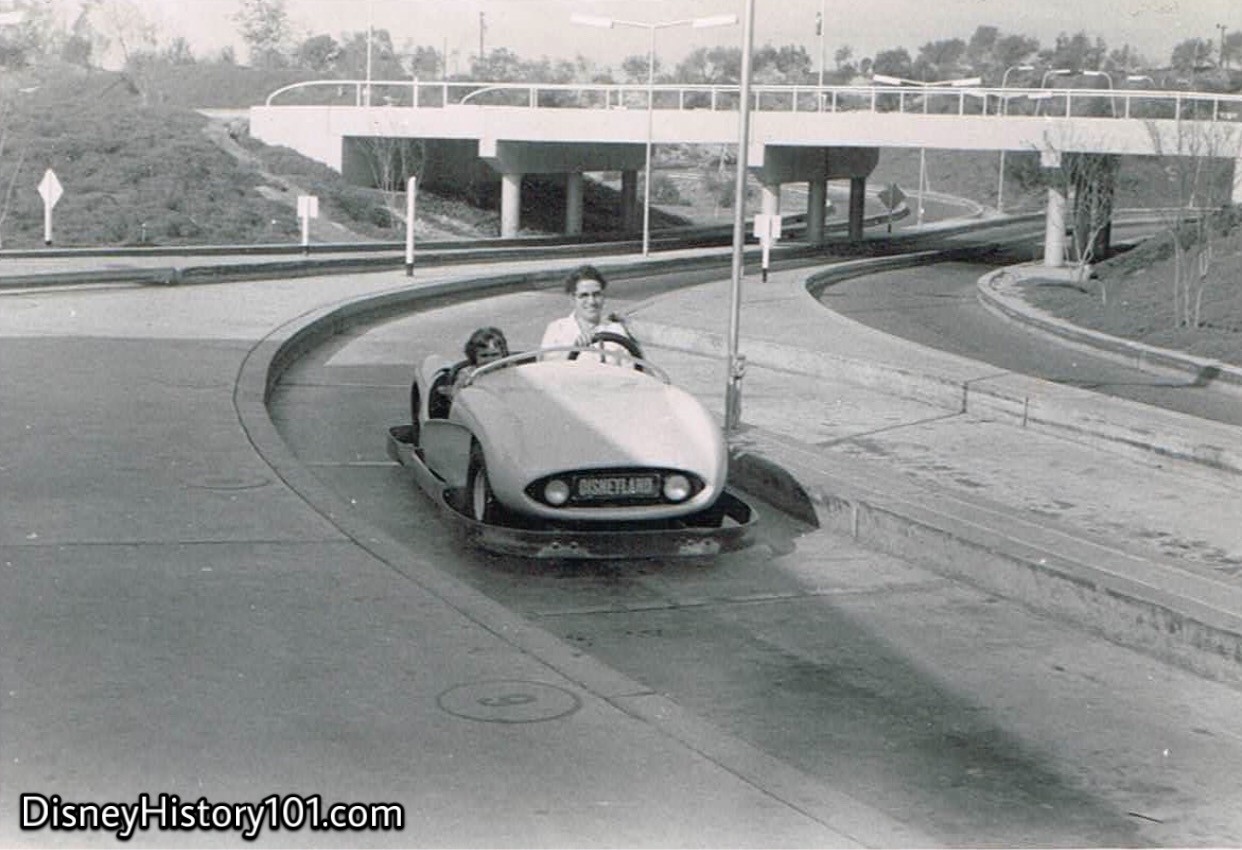
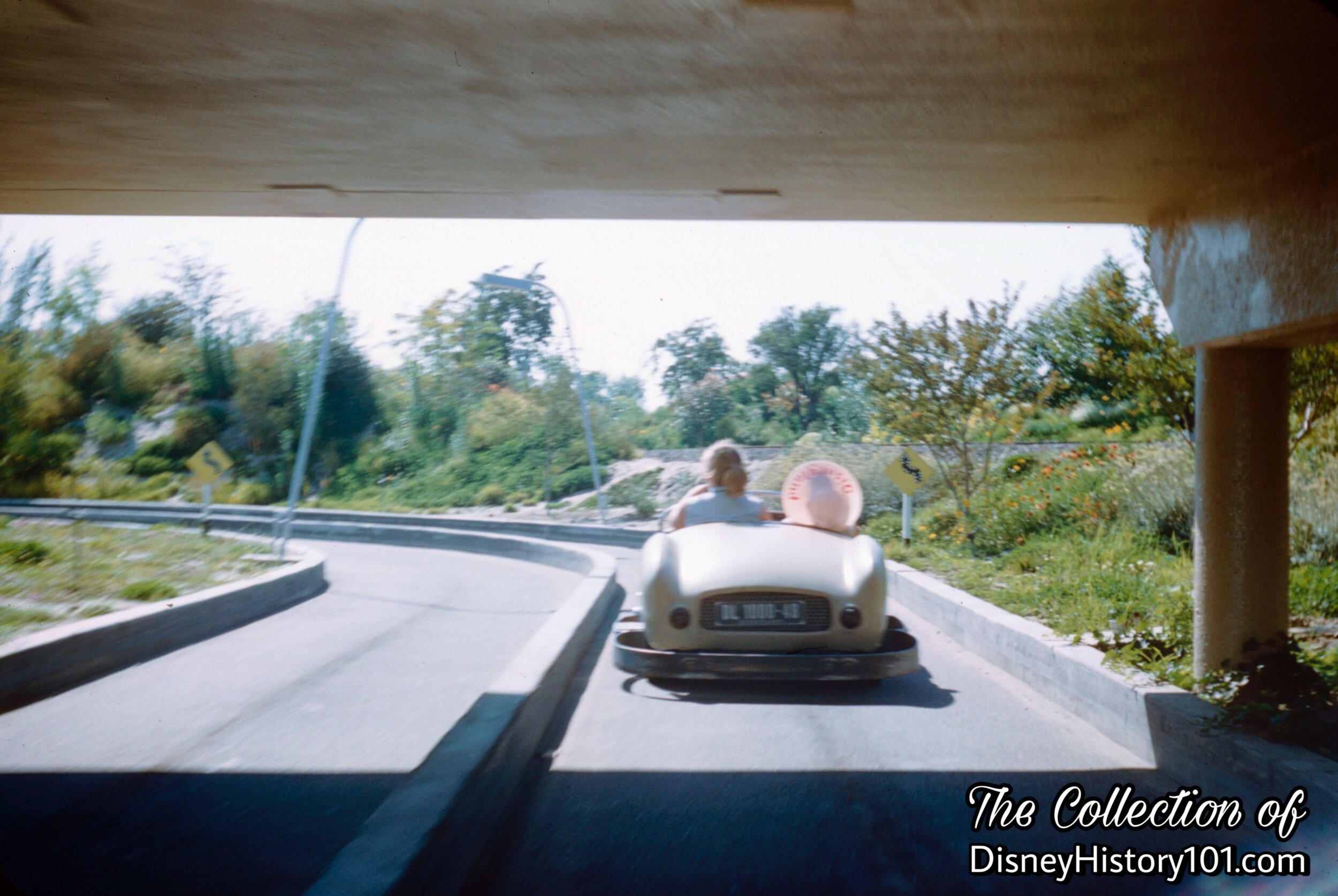
During non-peak periods, only a portion of the Autopia fleet was used. The rest were covered and parked aside.
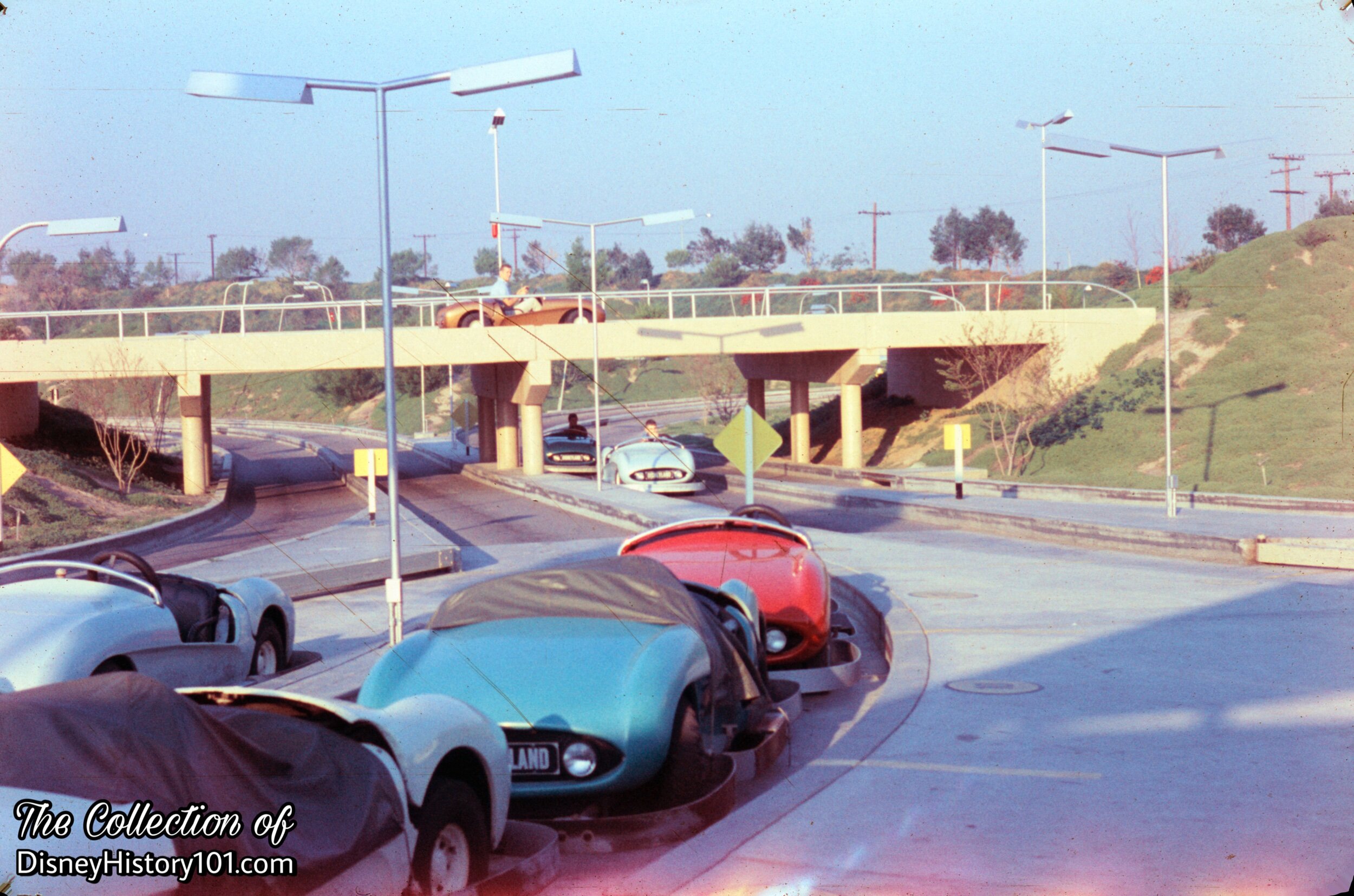
During this time the attraction was referred to as “Autopia Cars and Freeway” in A Complete Guide to Disneyland (published 1957).
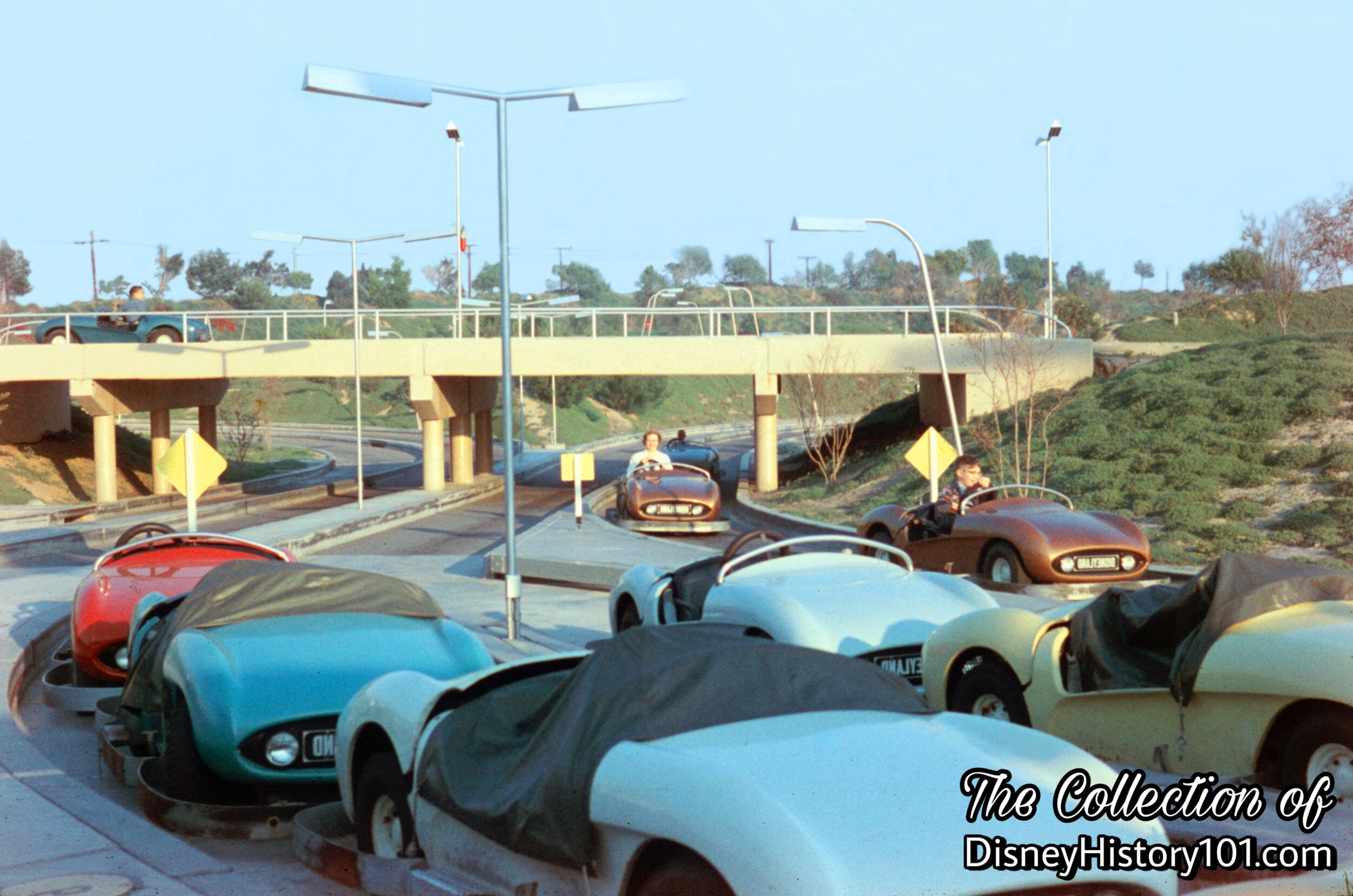
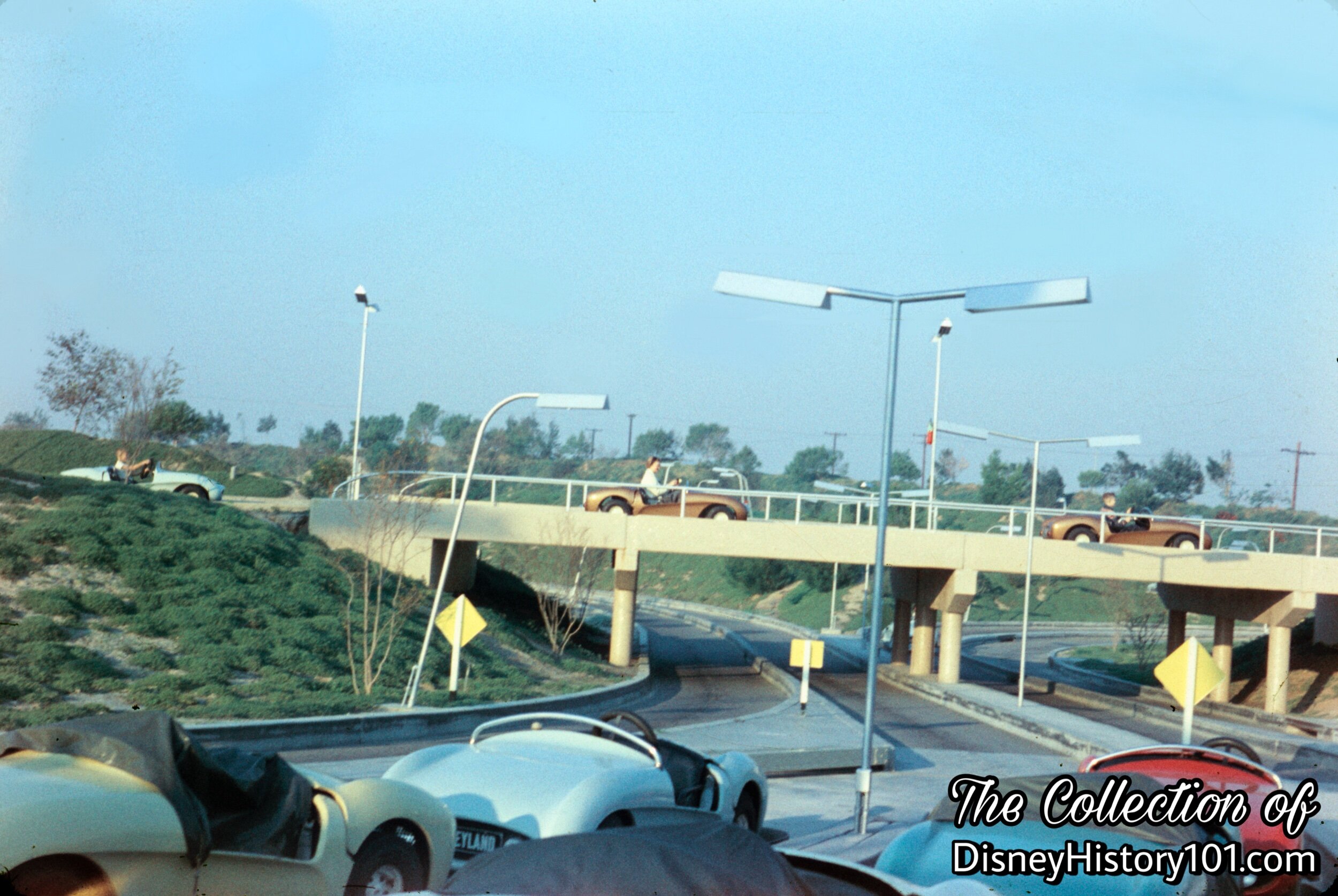
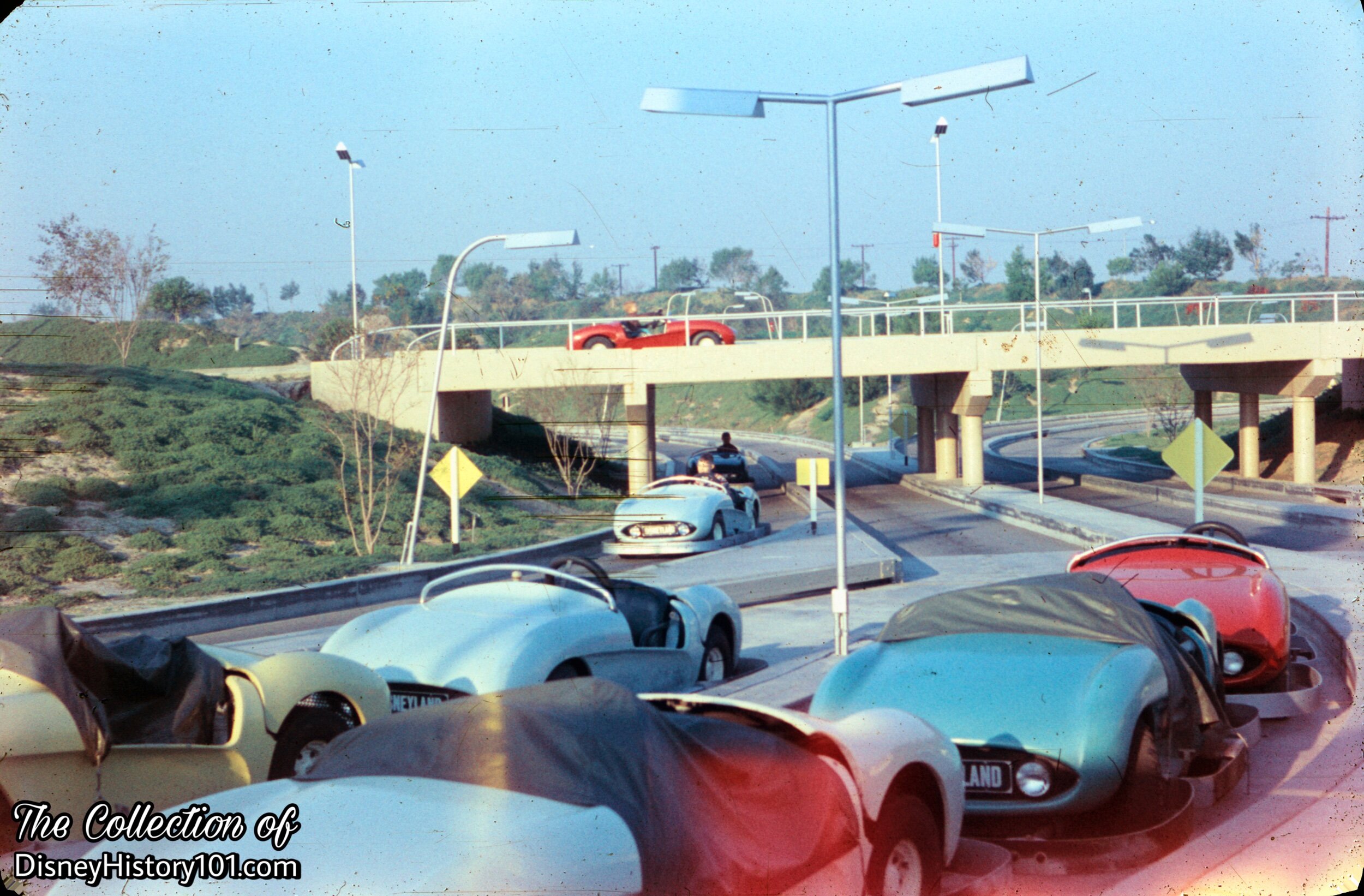
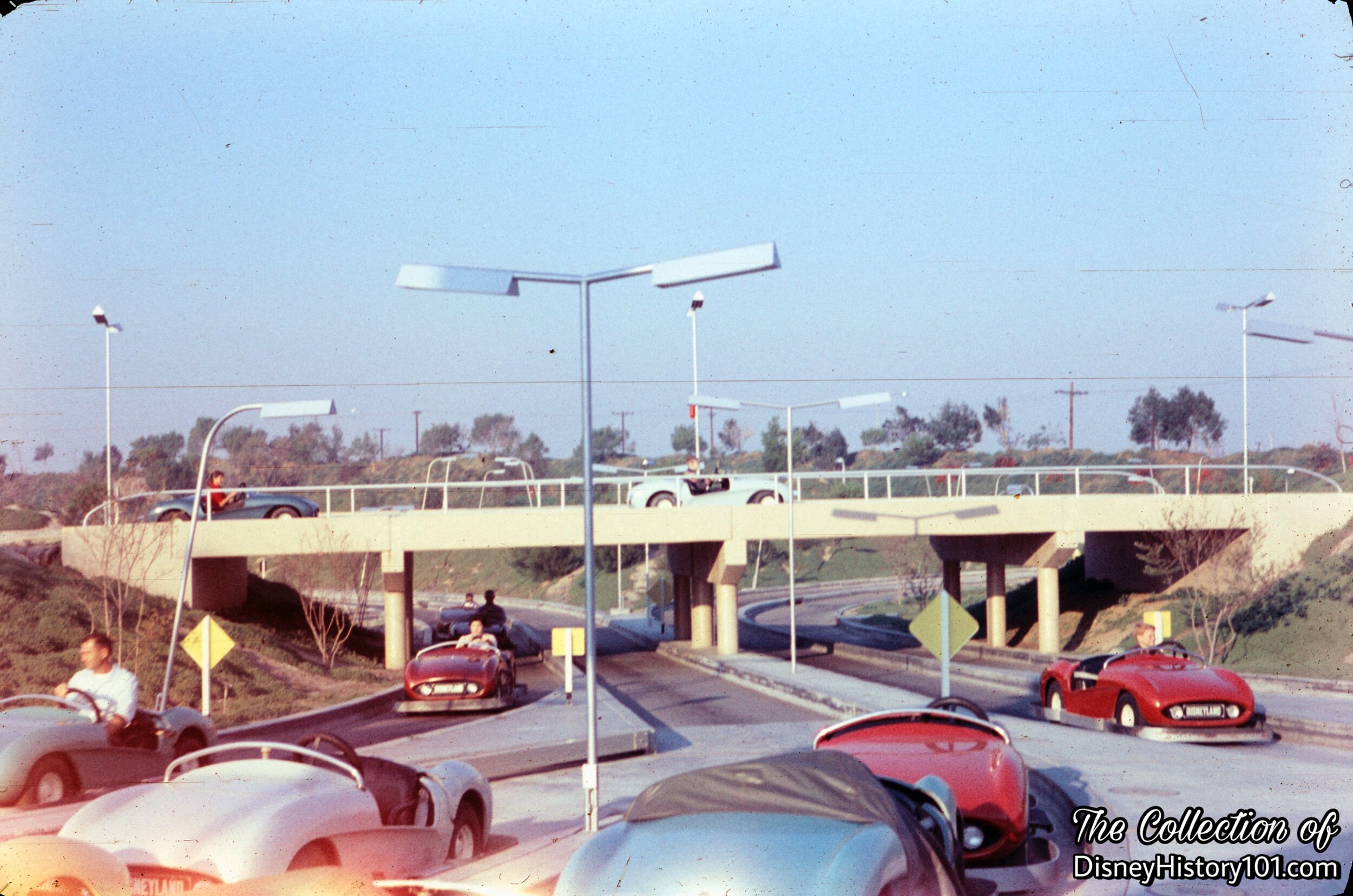
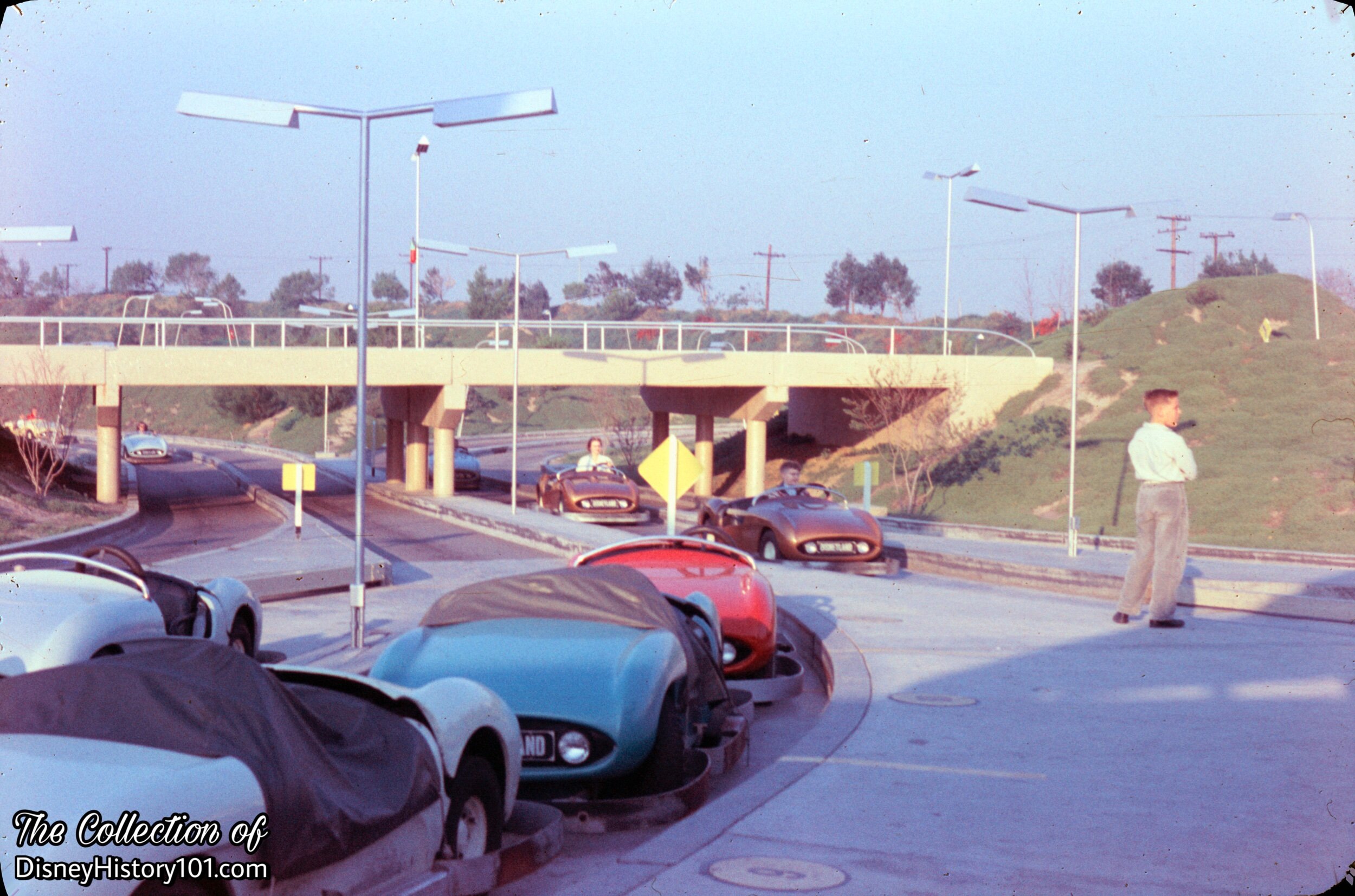
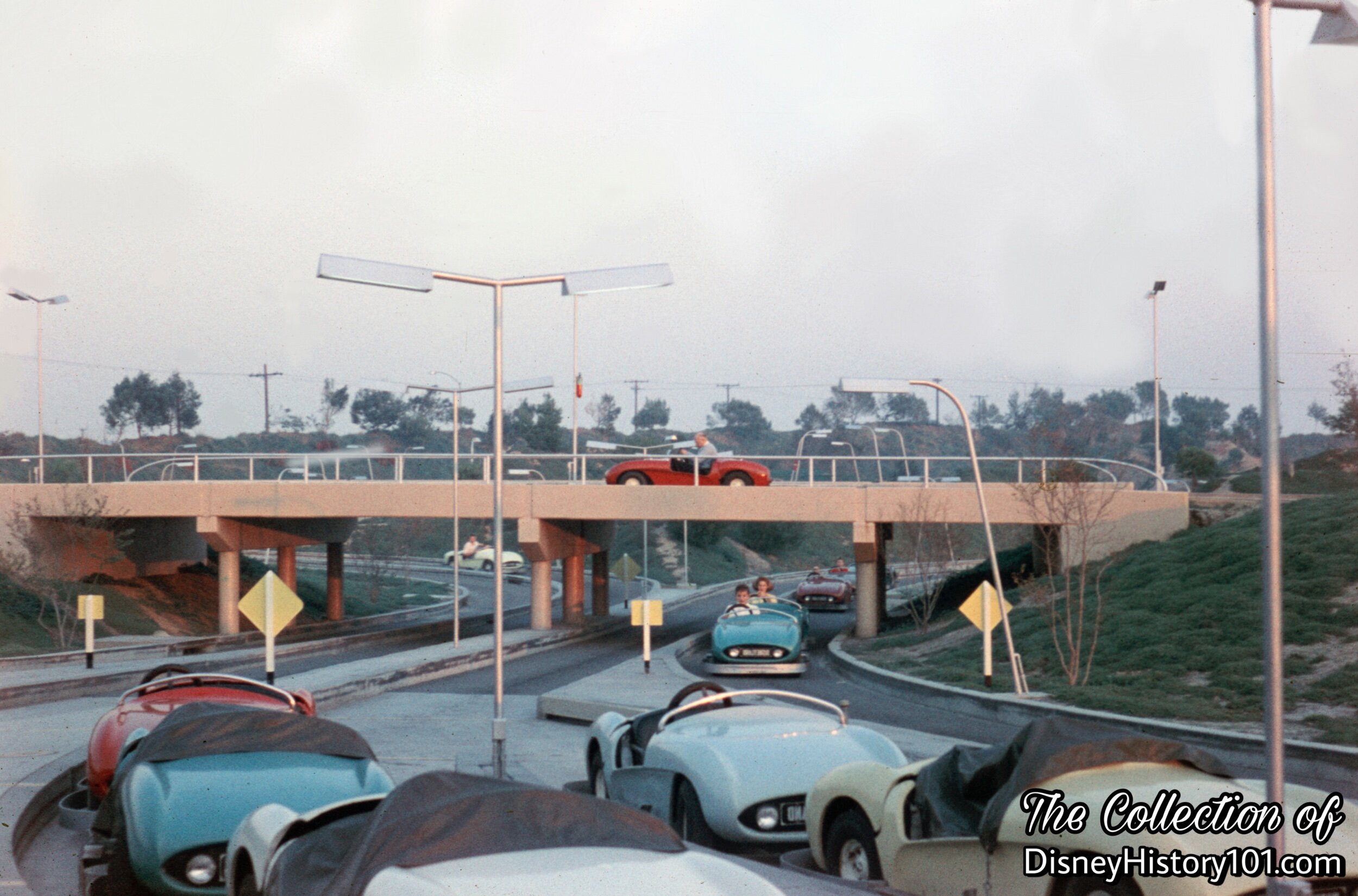
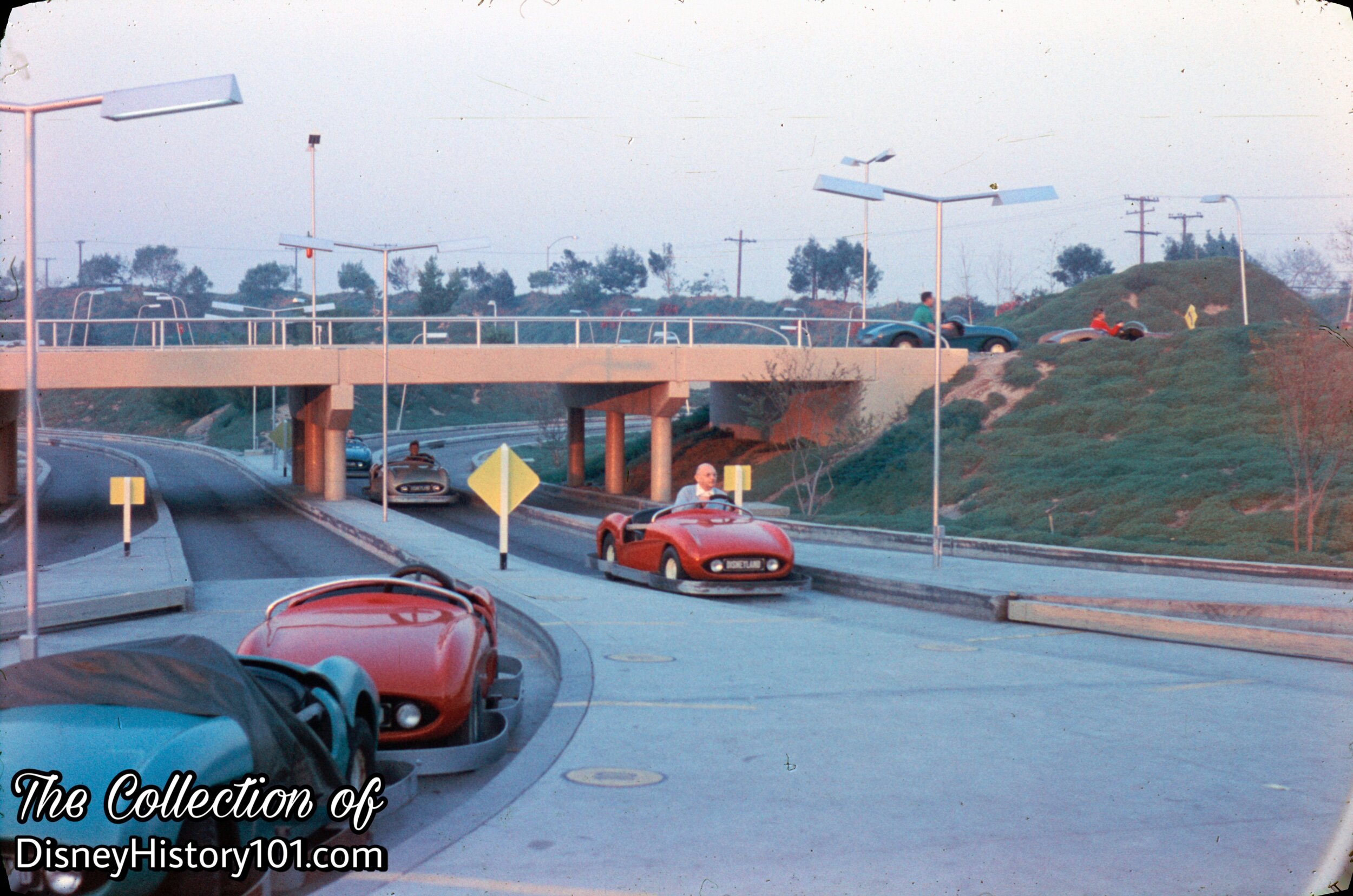
“Whether you’re 6 or 60”, you won’t want to miss the Richfield Autopia!

The Autopia Mark IV (essentially 39 rebuilt Mark I’s) appeared around the summer of 1956. These cars featured improved mechanical designs based on the single prototype Mark III (that was completed in early 1956). “Walt Disney’s Mechanical Wonderland” (published in Popular Mechanics, November of 1957) divulged some of the research and development related to these improvements :
“Bob Gurr, director of special vehicle development, tested his Autopia cars. Nowhere do cars get tougher daily treatment. But they’re as maintenance-free as a midget car can be.
Bob supervised the building of 11 designs, then put each through a grueling 300-hour test. The patrons drove the car all day. Then special drivers took over to run it all night. Mechanics added gas and oil but never laid a wrench to the car. Some of the early designs lasted only a few hours. Bob hauled these failures back to the machine shop, evaluated them, then redesigned and rebuilt them. And back they went to Autopia for another test.
Finally, the 11th car ground around the course for two weeks without any failures. Bob chose this one as the new Mark IV.”
Including the “new” Autopia Mark IV (essentially 39 rebuilt Mark I’s), there were now 79 total glass-fiber bodied Autopia cars traveling Disneyland’s freeways at nine miles an hour! These cars were easily disassembled for repairs or maintenance (for instance, the engine and wheel assembly could be removed by disengaging a simple sliding pin). So finally, by the summer of 1957, the Autopia Freeway had been completely redesigned to “handle many more drivers,” according to Disneyland Holiday (published Summer, 1957). By this time, the Sr. Autopia attraction (with Attractions Hosts) was under the oversight of Foreman Bob Hight.
During 1958, Bank of America had Disneyland appraised regarding a loan. A detailed report mentioned an Autopia Ticket Canopy (valued at $ 5,400) and the Autopia Service Garage: a plywood on wood frame open front garage (valued at $2,500). The latter structure had a composition roof, concrete foundation and slab, unfinished interior, 720 sq. ft., and concrete apron, 16’ x 40’.
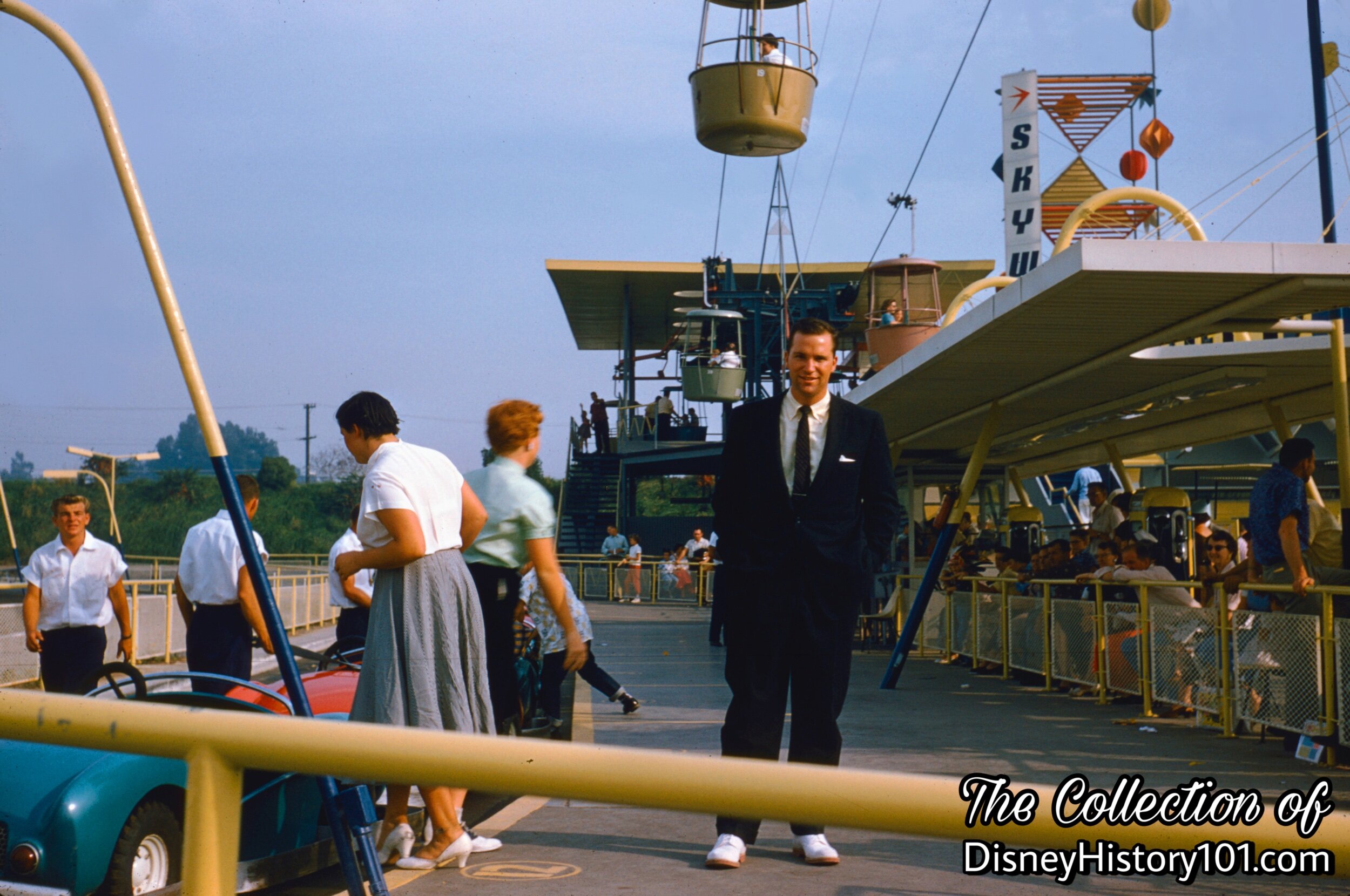
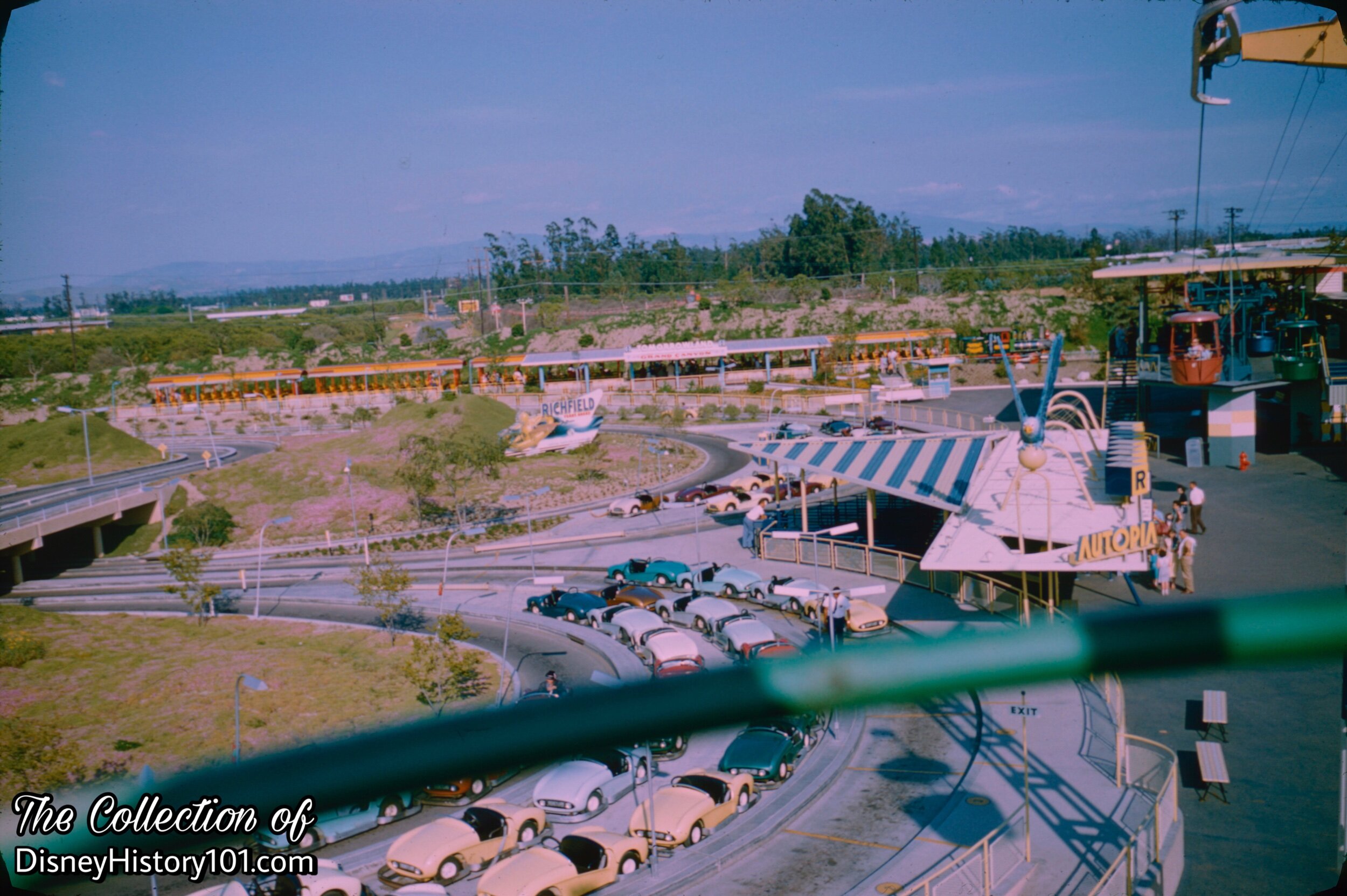
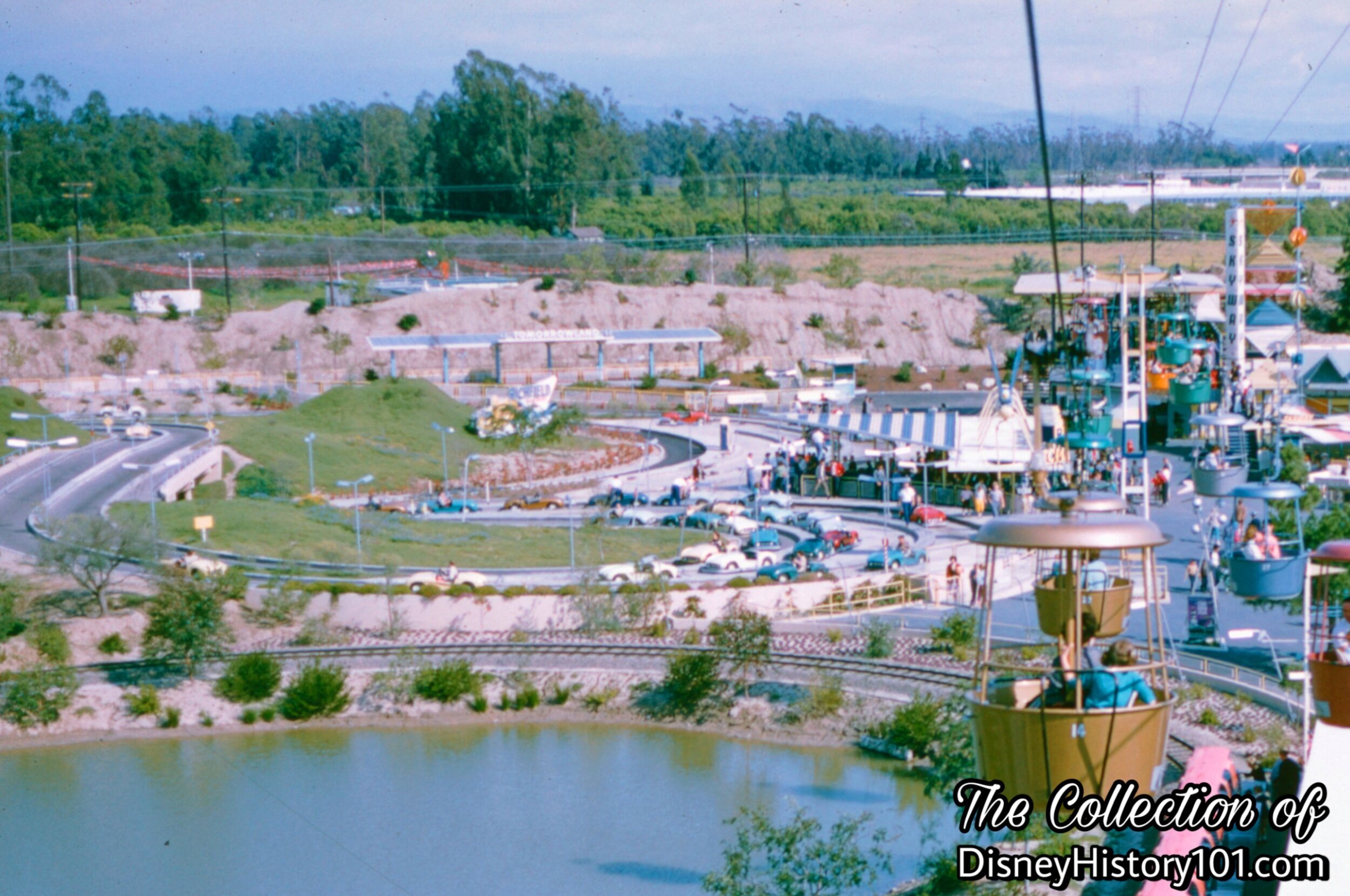
The Autopia Mark III was as popular as ever by the time Disneyland’s 10 millionth guest (five-year-old Leigh Woolfenden) visited Disneyland on December 31, 1958 [see Disneyland Holiday magazine, Spring 1958, page 1]!

We’re looking at the unloading zone for the Richfield Tomorrowland Autopia (c.1958), with its new Autopia Mark IVs. If they look similar to the Mark Is, Mark IIs, and Mark IIIs, its because those fleets were essentially the same model with additions of bumpers and spring-loaded bumpers.
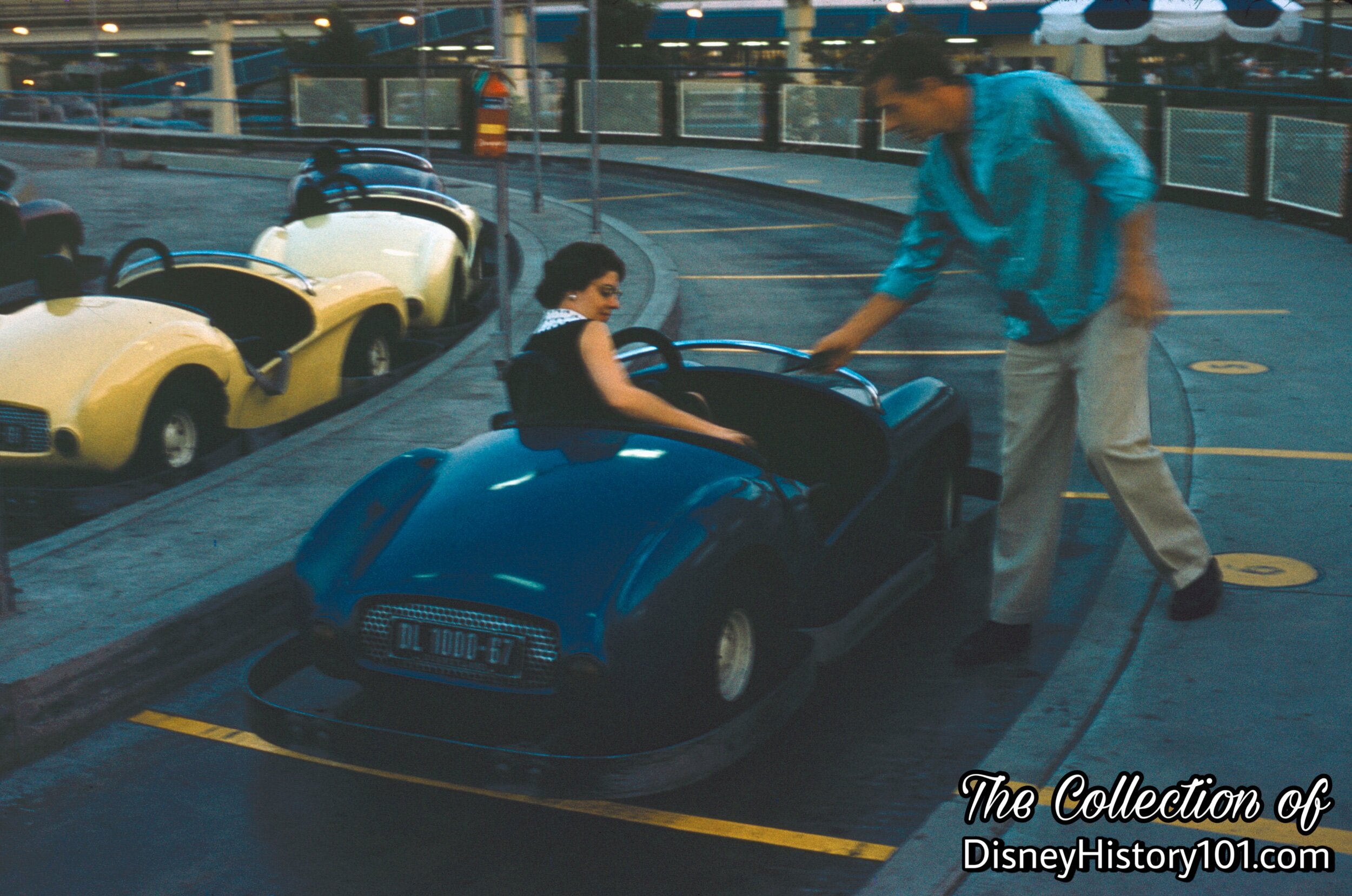

During non-peak periods of Park attendance, Autopia Mark IVs park in the service area near the Richfield pumps on the opposite side of the loading zone.

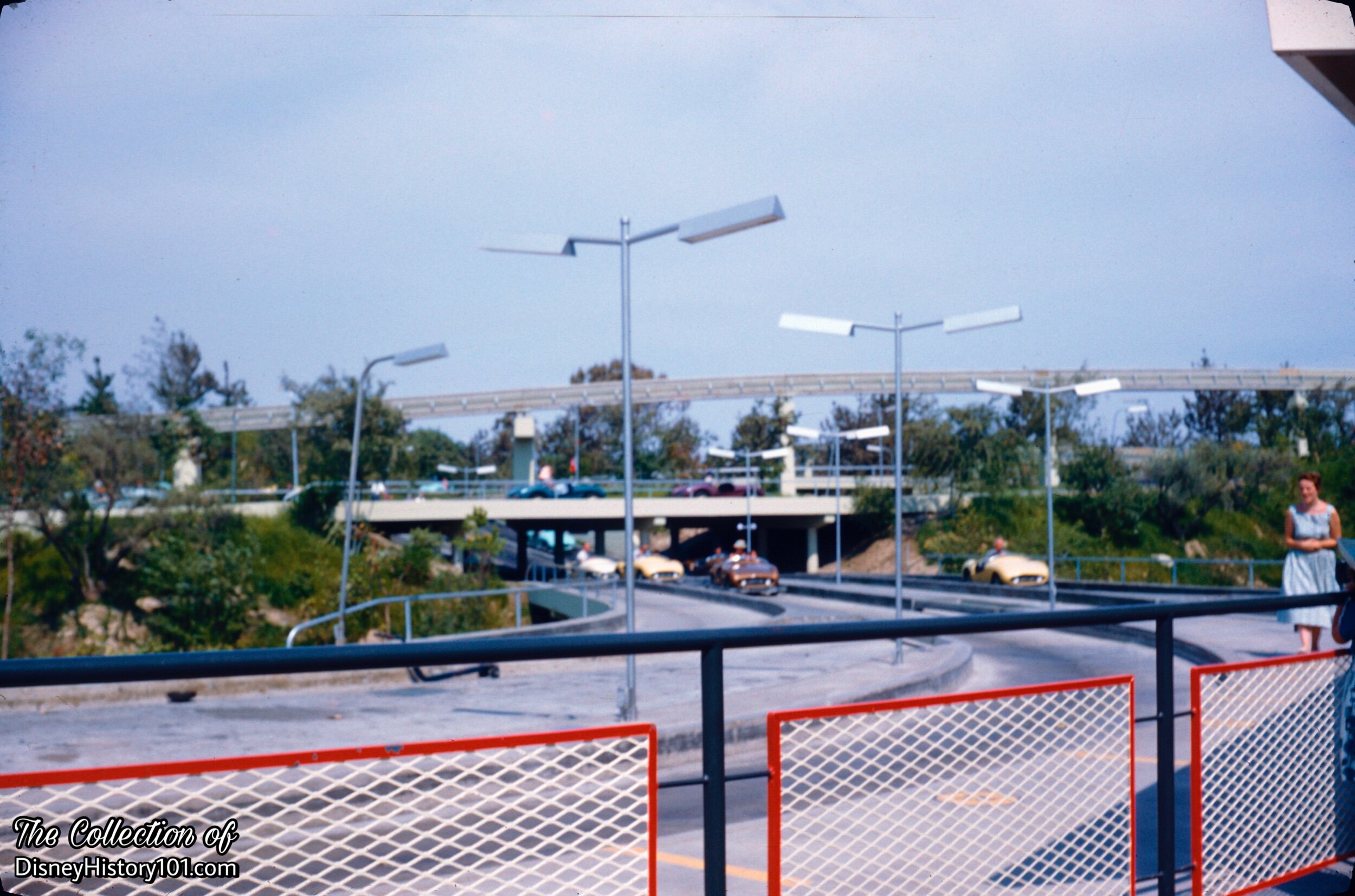
According to A Complete Guide to Disneyland (published 1957), “Autopia Cars and Freeway” was the full title of the popular Tomorrowland attraction!
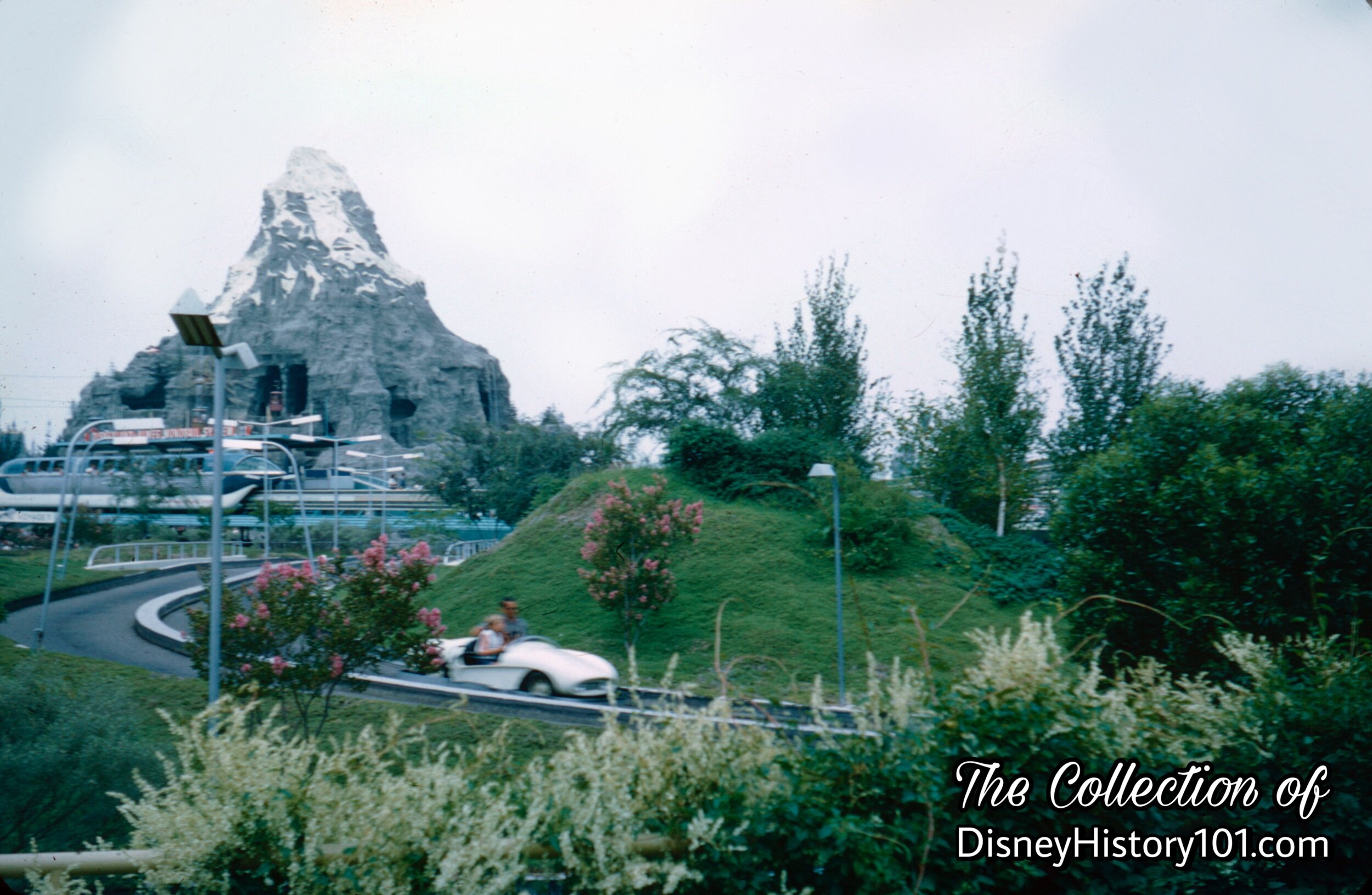
Of course, the biggest development came with the “greatest construction show on earth” that lead way to the “second opening of Disneyland,” during June of 1959. Soon, four new multi-leveled super Autopia systems were Imagineered and this was the scenic freeway view given Richfield Tomorrowland Autopia motorists racing along the highways & byways of Tomorrowland - and lots of trees! Disneyland World of Flowers (published 1965), divulges the secrets of the colorfully landscaped zones : “Motorists on the Autopia freeway drive through dazzling fields of native California poppies in the spring. In the summertime, after the poppies have stopped blooming, the crepe myrtle trees in the scene will display a canopy of pink flowers.”
…All this scenic beauty, and no traffic jams!
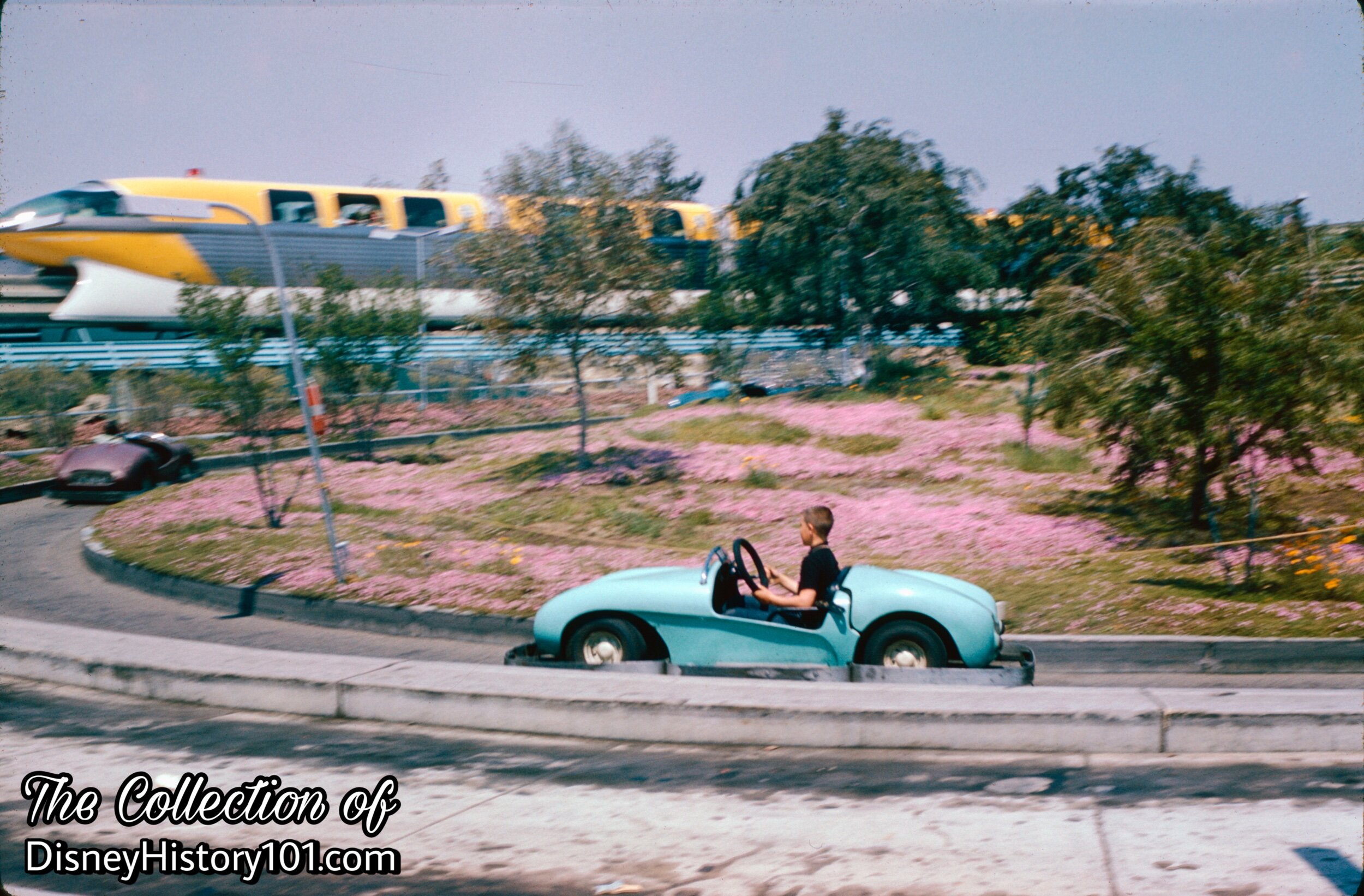
According to Bill Evens (“Walt Disney Disneyland World of Flowers”): “Autopia's spring theme might well be, ‘Take a ride through the California poppy fields,’ for in spring and early summer the Autopia is banked with a colorful display of these and the larger peony poppies… In the summertime, after the poppies have stopped blooming, the crape-myrtle trees in the scene will display a canopy of pink flowers. In the background is a bank of trailing lantana.”
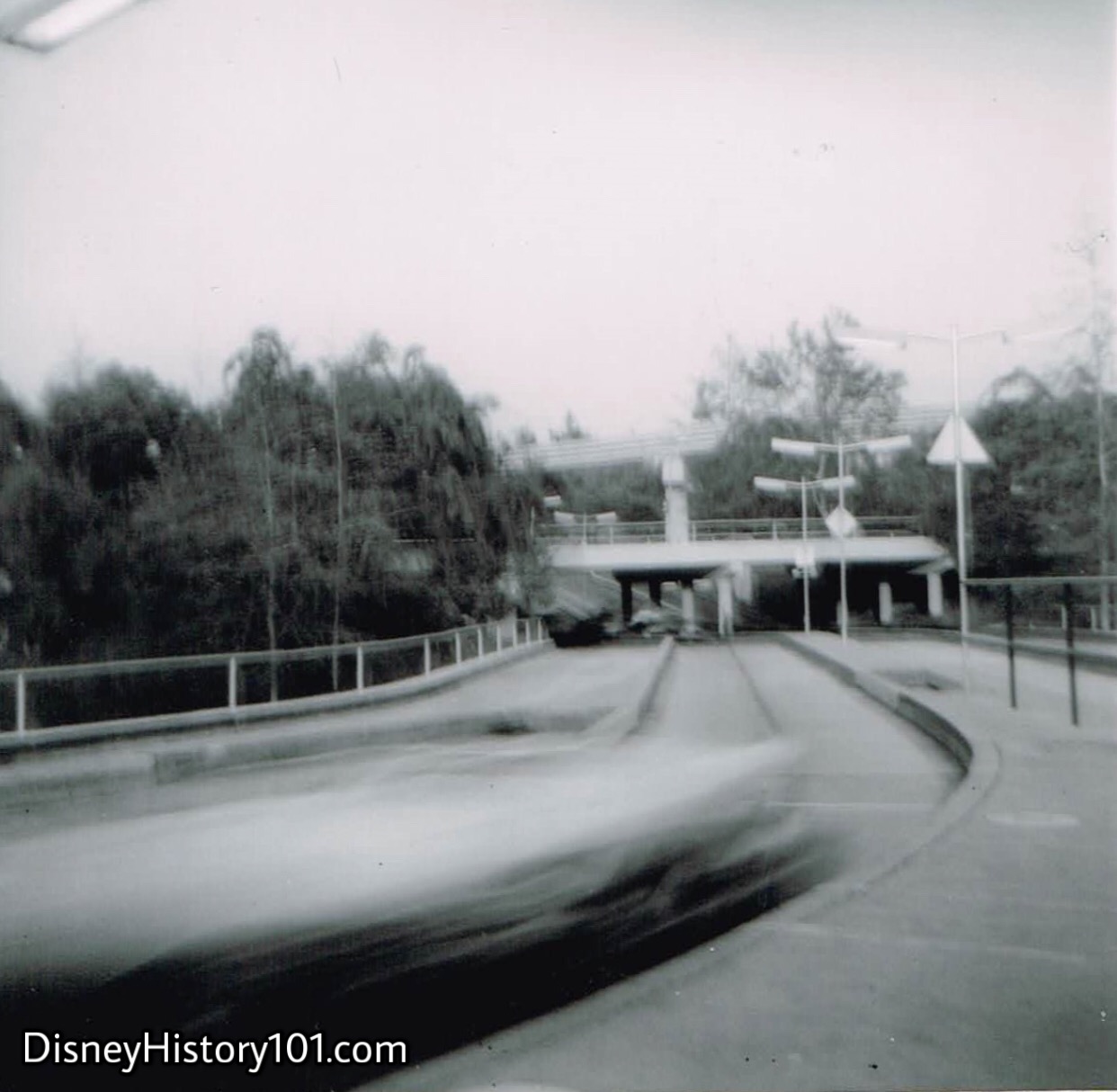
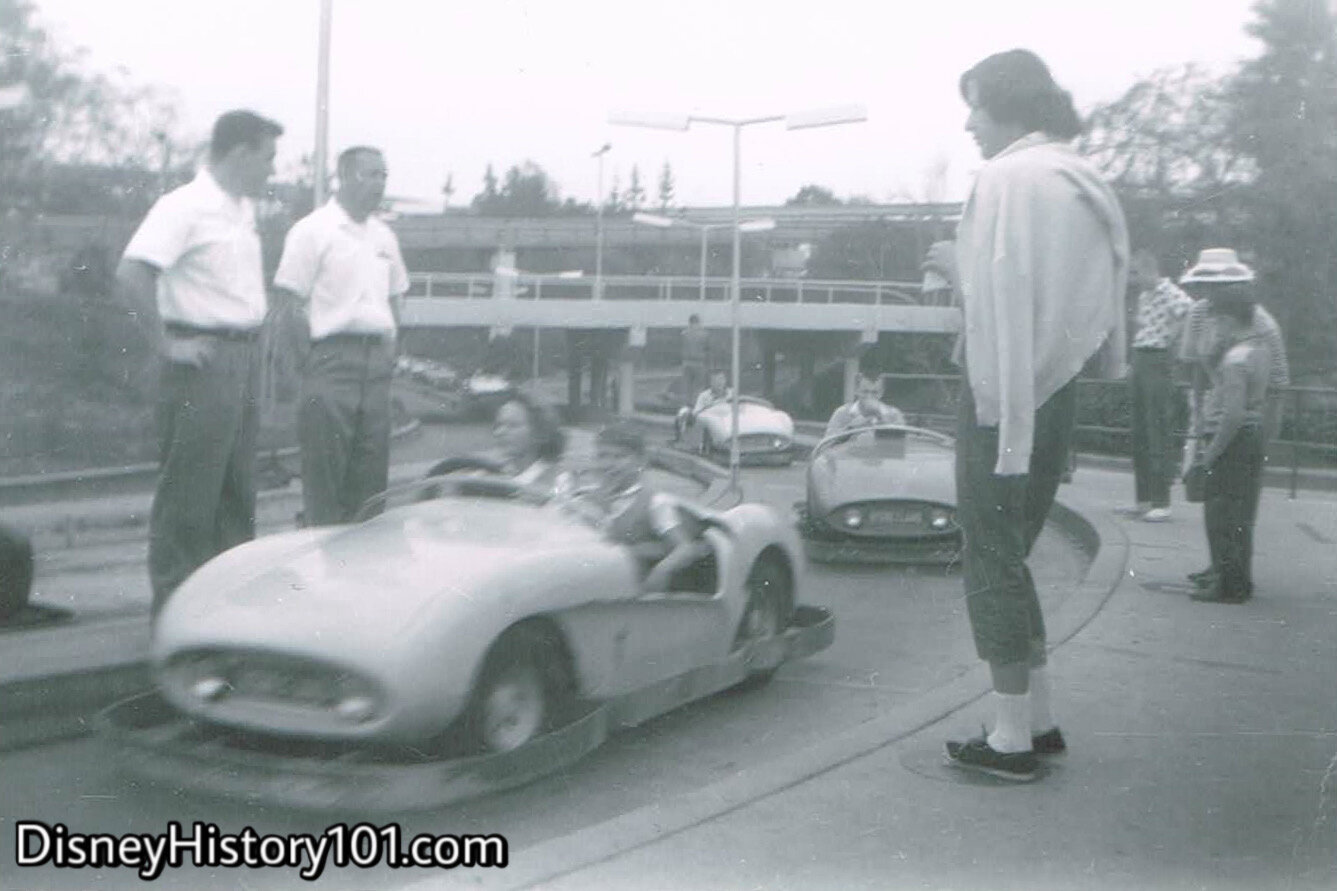
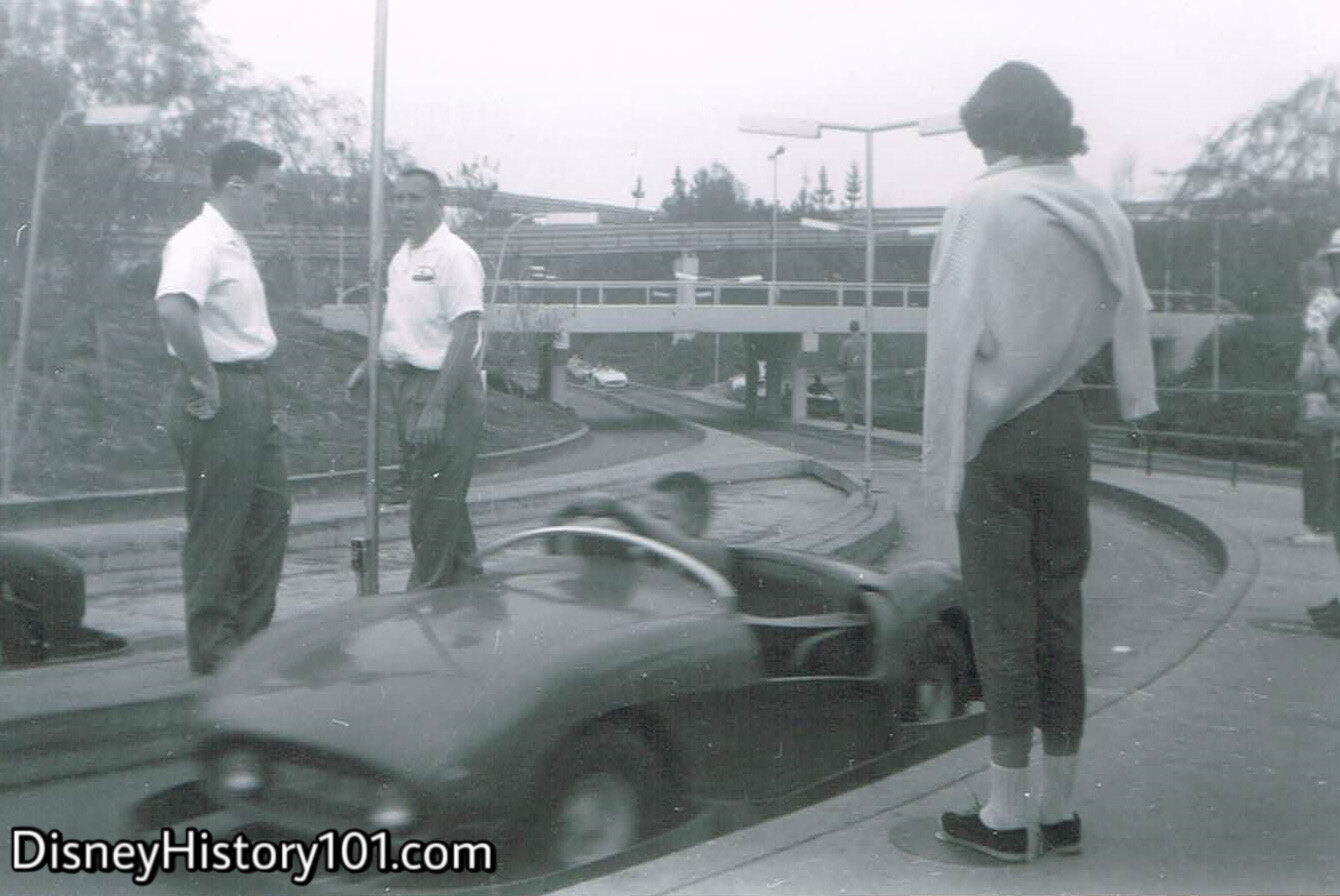
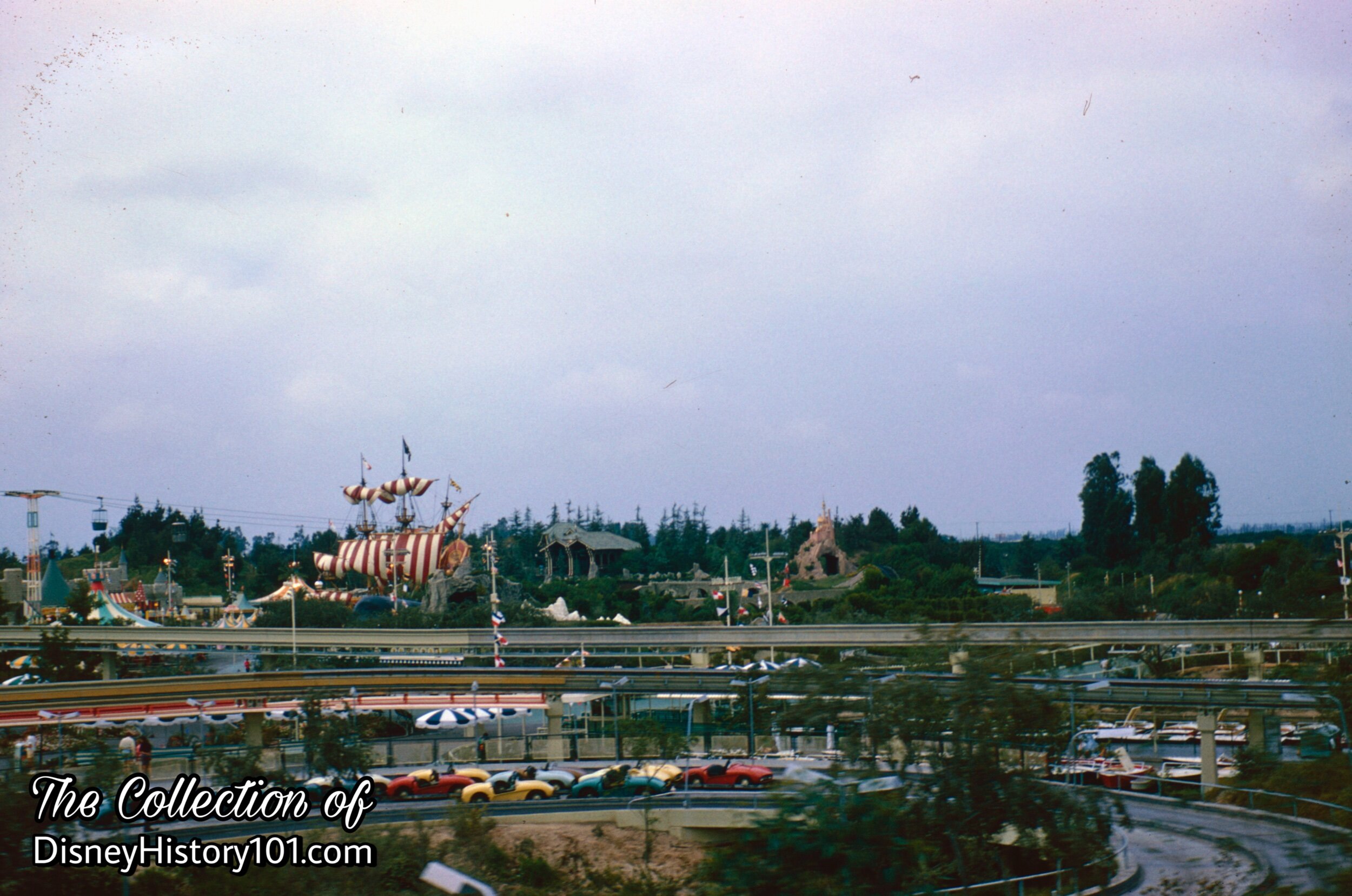

This wasn’t the end of the road for the Autopia Mark IVs. A comedic chase written and filmed for “40 Pounds of Trouble” starring Tony Curtis involved this cameo by the Autopia Mark IV which had been retired in 1958 (when the Autopia Mark Vs debuted).
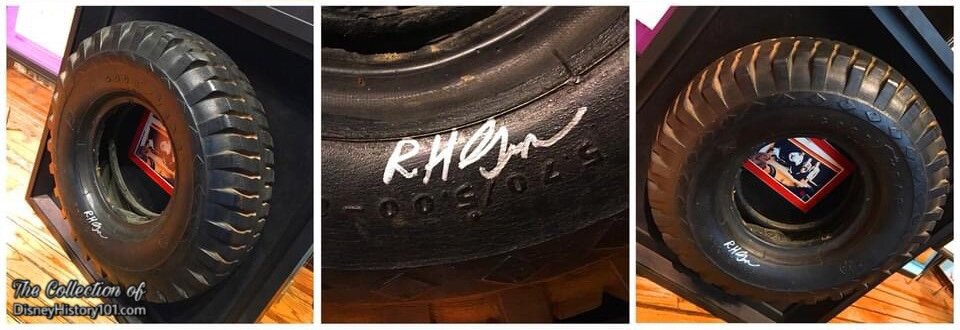
It is not clear if any Autopia Mark I - IV’s survived retirement, or are even extant in our present era. However, while on the road in 2018, we passed through California’s capital of Sacramento, and came across an amazing artifact - a tire from perhaps one (of 40) original 1955 Disneyland Autopia vehicles (or one of the Autopia Mark I-IV’s at the very best)!
The approximate 5/8 scale tire (with 34.5 inch tread ; for 64.0 wheelbase) was verified and autographed by designer and original Imagineer Robert “Bob” Henry Gurr, and was once one of many Walt Disney-related artifacts for sale through “The Vault at Stage Nine”, Sacramento, California! At the time of exhibition, the artifact was even paired with a reproduction of a photograph of Walt Disney, Bob Gurr, John Hench and others inspecting the wheels belonging to one of the original Autopia cars!
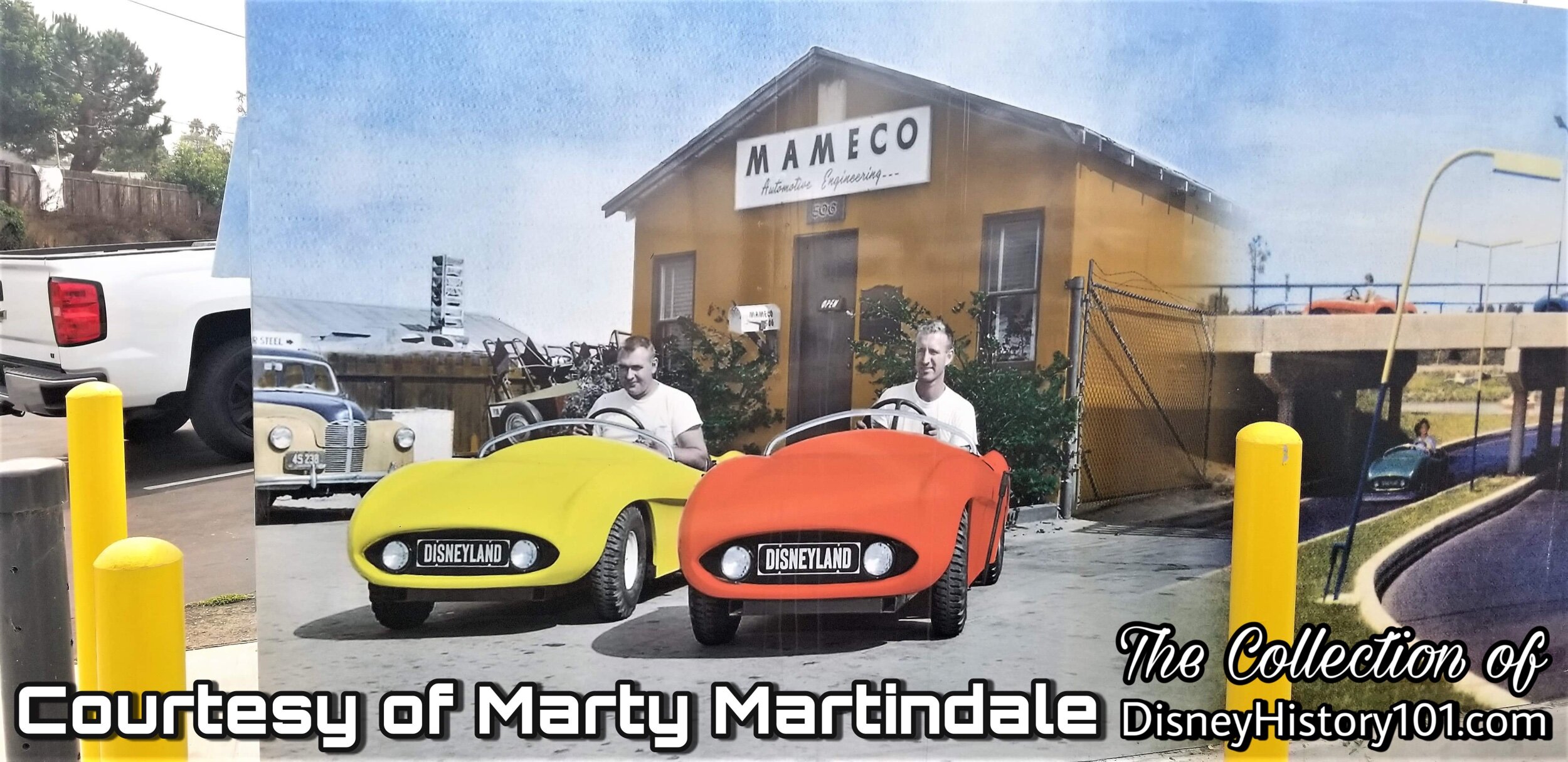
You may not be able to see the body of an Autopia Mark I-IV at Disneyland today, but you can see one 11 miles south-west of Disneyland. On Canyon Drive and Wilson Street (in nearby Costa Mesa), this colorful mural tribute stands as a reminder of Ted, Ed, and their contributions toward this timeless Disney Parks attraction!
Marty (son of MAMECO co-founder Ed Martindale) shares with Disney History 101 : “It was a wonderful surprise last summer [2019] when the Costa Mesa Historical Society decided to wrap the big utility box with this photo, which originally was black and white. My father Ed is in the yellow car at age 26, he would be so tickled...”

Though the Junior Autopia (of Fantasyland) would close for refurbishment in 1958, the thrill of sitting behind the wheel of an automobile was no more diminished by the end of that year. In fact an entire Disneyland television episode entitled “Magic Highway U.S.A.” (aired May 14th, 1958) was entirely dedicated to the history of the American use of the Automobile and the development of roads across the United States of America.
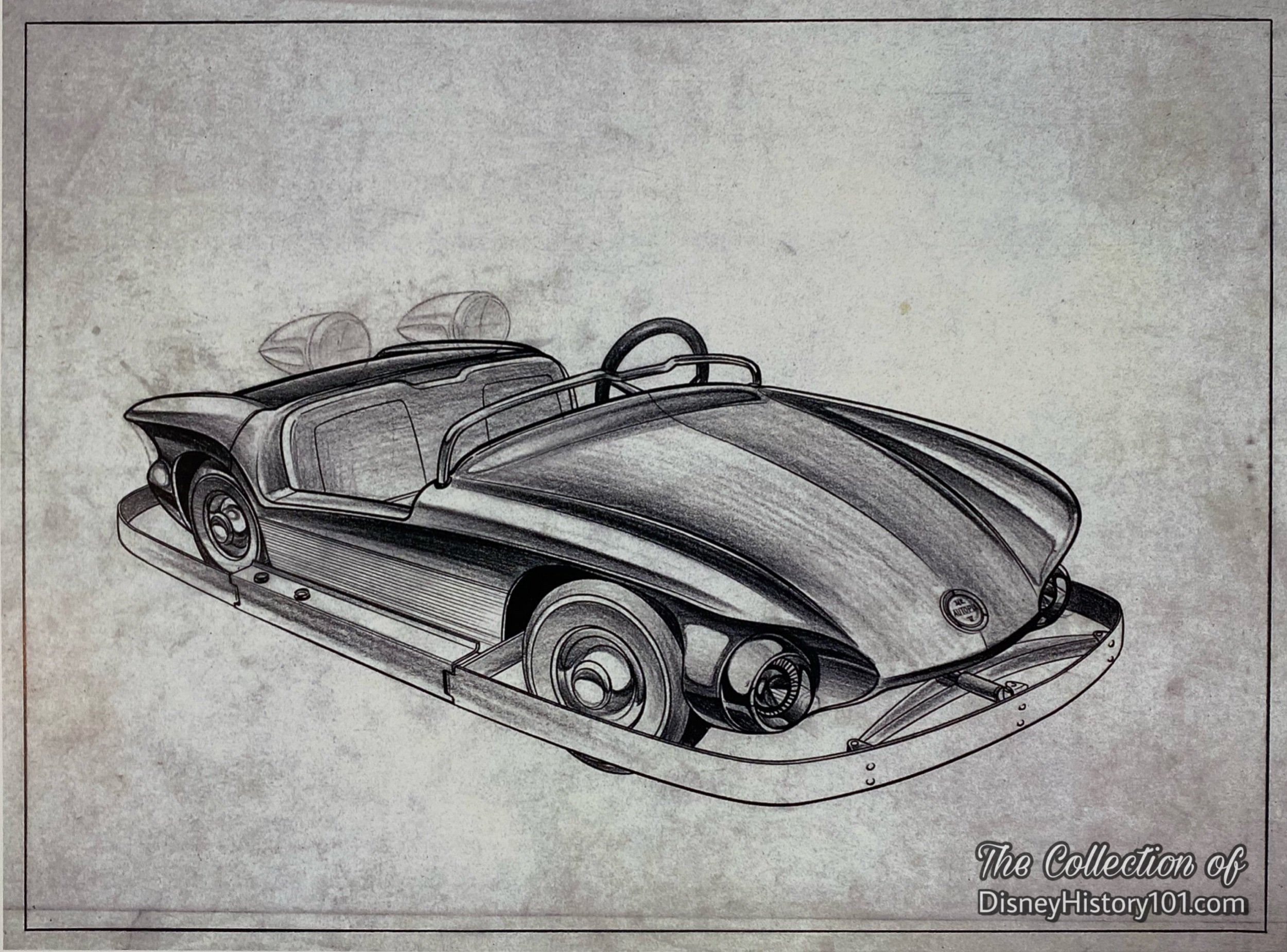
Tomorrowland Autopia was far from being averse or unaffected by the automobile craze. In fact, the Autopia was now more popular than ever and had received several additions. An open-front, 720 sq. ft. Autopia Service Garage had already been constructed of plywood on a wood frame with a composition roof, concrete foundation, and slab. By September of 1958, Disneyland Inc. opened jobs (#4063/4064) for Senior Autopia revisions, including a car redesign (#4063-509) and a car by-pass (#4064-527). The completed design work of these projects alone was appraised at $4,273.
Walt Disney’s Guide to Disneyland (published early in 1958) soon gave a preview of “New Autopia Freeways” - “doubling in number to include four separate super highways” where “youngsters of all ages drive their own individual gasoline powered sports cars over these multilevel speedways.” The same publication continues : “Many of these cars are brand new, modern designs.” The Autopia V car frames and running gear were owing to the contributions of Dave Gengenbach (of Tubular Aircraft Products), who would join the Disney organization in 1959, and ultimately become general manager at MAPO. The most outstanding features of the Autopia Mark V were undoubtedly those shiny chrome headlights! Bob Gurr was known for retooling “true-life” car parts, and those Autopia Mark V headlights were repurposed Buick parts!
In order to support the massive expansion occurring in 1959, a loan was required. A Park-wide appraisal was conducted of all cash, accounts receivable, employee benefits, liabilities, deposits, advances, stockholder’s equity, Park assets (including land, adjoining properties, service areas, and utilities), and even those aforementioned jobs in progress. By September of 1958, an appraisal of Disneyland “land improvement” assets valued the Autopia at $197,037 and the Autopia Garage at $8,670. After completion of the attraction, appraisal was made in 1959, the equipment was valued at $50,400 while the structure was valued at $92,000.
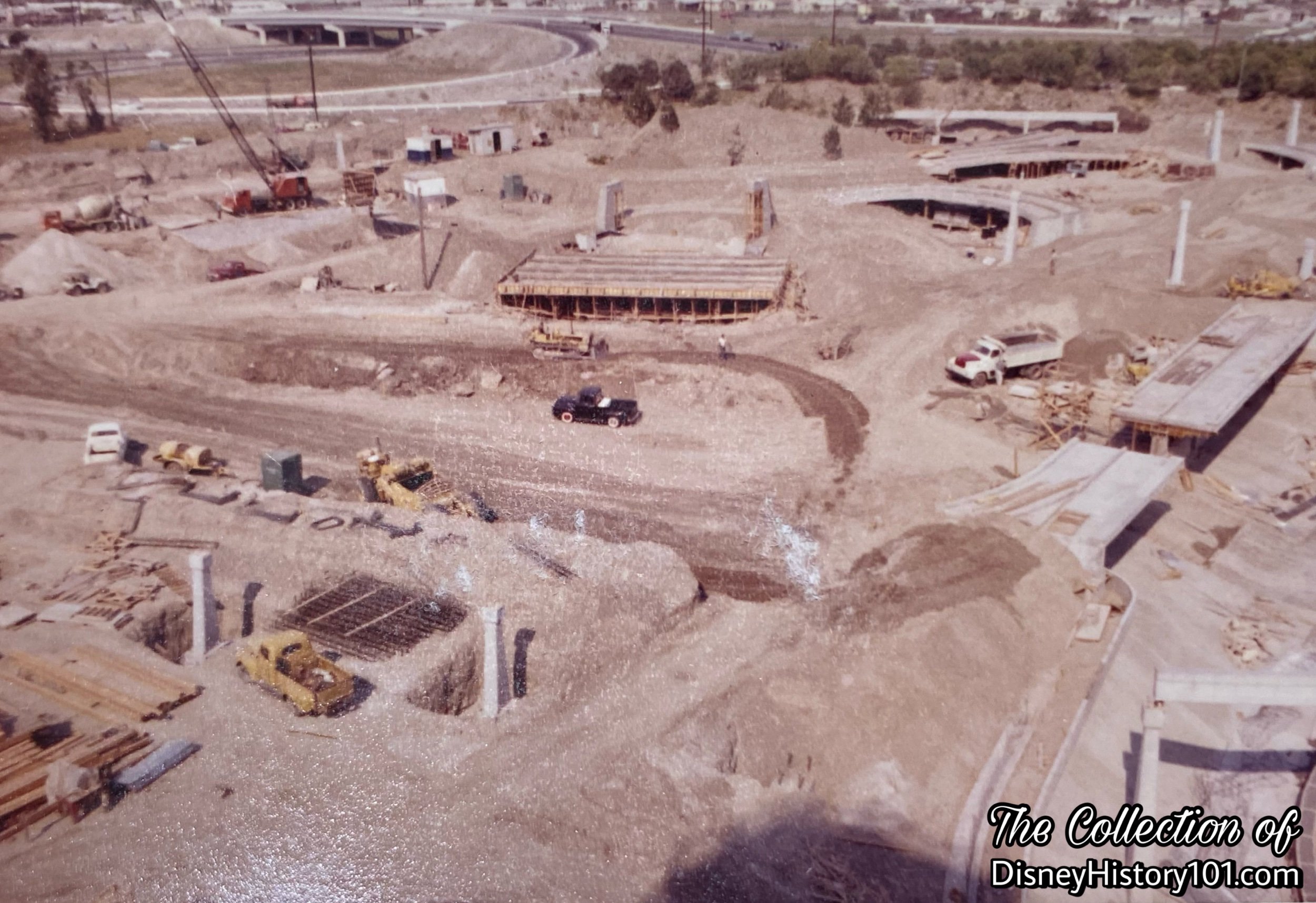
A year later, the old Junior Autopia had been completely transformed into a second multi-level “Super Autopia” track - the Fantasyland Autopia - which had a soft opening on January 1, 1959. Early in 1959 (and even before opening), the Fantasyland Autopia was appraised, the ride structure valued at $176,800 and the vehicles (and equipment) valued at $39,400. The Fantasyland Autopia was “a super Autopia freeway… equal in length and design go the Tomorrowland Autopia. It has both Junior and Senior Autopia cars powered by products of Atlantic Richfield Co., sponsor,” according to the Disneyland Dictionary (compiled by WED Public Relations Department and Disneyland Publicity Office, c. 1968). Several months later, this new wonder of Walt Disney’s Magic Kingdom was formally unveiled as one of “six spectacular new adventures” during a special Press Preview and Dedication Ceremony occurring on June 14, 1959 at precisely 3:00 p.m. The brand new models were used to transport notable celebrities Lawrence Welk, Joe Wells, Marvin Miller (of The Millionaire), Tommy Kirk (of The Shaggy Dog), Richard McKenna (The Real McCoys), Jeffrey Hunter, Darren Mc Gavin, Dennis Hopper, and others during the televised “Disneyland ‘59” pageant and parade route! After that, the vehicles were utilized to tour Fantasyland by "auto" in the shadow of Matterhorn Mountain!
As promised in Walt Disney’s Guide to Disneyland (1958), a brand new Autopia Mark V design was one of six new Disneyland attractions that debuted at that time! In fact, 75 of these brand new Autopia Mark V cars were added in time for the release of the new “D” Coupon attraction. Now, these heavy one-cylinder vehicles did have some issues that affected performance, for example some suffered suspension failure. However, they were air-cooled, got good mileage, and sported a unique design (readily distinguishable by their headlights which were actually aftermarket 1958 Buick parts). About those particular cars, the Guided Tour Script (1962 and 1963) added the following “sidelight” : “Since opening day, these cars travel 850,000 miles each year! Each car has a four gallon gas tank that will run for 12 hours continuously without refueling!”
While California’s vast cities suffered from rush hour jams and crawling traffic on its crowded freeways, Tomorrowland (with its four new multi-level ‘Super Autopia Freeway’ winding through the landscape) was well in motion during the 1960s! Much more than trees surrounded the roads of the Super Autopia Freeway in Tomorrowland and Fantasyland. Motorboats maneuvered through turbulent waters of the river. While Skyway cabins gracefully soared overhead, Monorail trains moved guests at incredible speeds between the Disneyland Hotel and Tomorrowland. Why, even an entire submarine fleet navigated the seven seas! Amidst it all (and in the shadow of Anaheim’s own pennine peak - the “mighty Matterhorn mountain”), the Autopia Mark V automobiles travelled along new highways and byways. The Autopia still attracted celebrities, as young actor Kevin Corcoran drove one of the Autopia Mark Vs, before his day at the Park came to an end in 1960.
Automobile utopia persisted… usually. It was perhaps about this time that the Autopia vehicles (and their drivers) drove somewhere they shouldn't! Bob Penfield (in interview with Disneyland LINE, Vol.25, No.28) recollected, “I was on the Autopia and we had a B side running and we were taking cars in and out of A side. All of a sudden it dawned on me that I left the gates open, so I went running as fast as I could and I got down there just on time to see the last one go down into the Sub dry dock and drive out onto the train tracks. I’d say the next five minutes were the hardest I ever worked.”
But to get “back on track” with ourAutopia Mark V story :
In the end the unique Autopia Mark V models would run for about six years (longer than the Autopia Marks I-IV), and yet manage to be some of the least photographed of the Autopia cars. By the October of 1962, the Fantasyland Autopia was operating with 22 cars during weekdays and 42 cars on weekends. This was common during winter operating schedules.
Many old and new Disneylanders supported the Autopia stage at the Disneyland show during this era, like Michael Broggie, Ron Heminger (previously supporter of the Indian Village) and Bobby Hight.
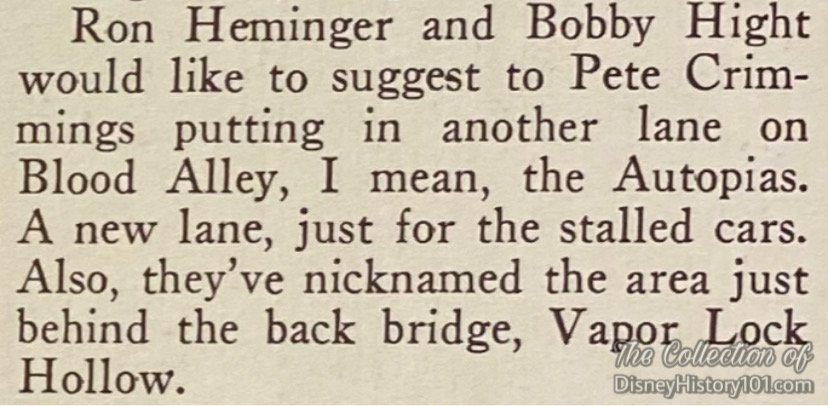
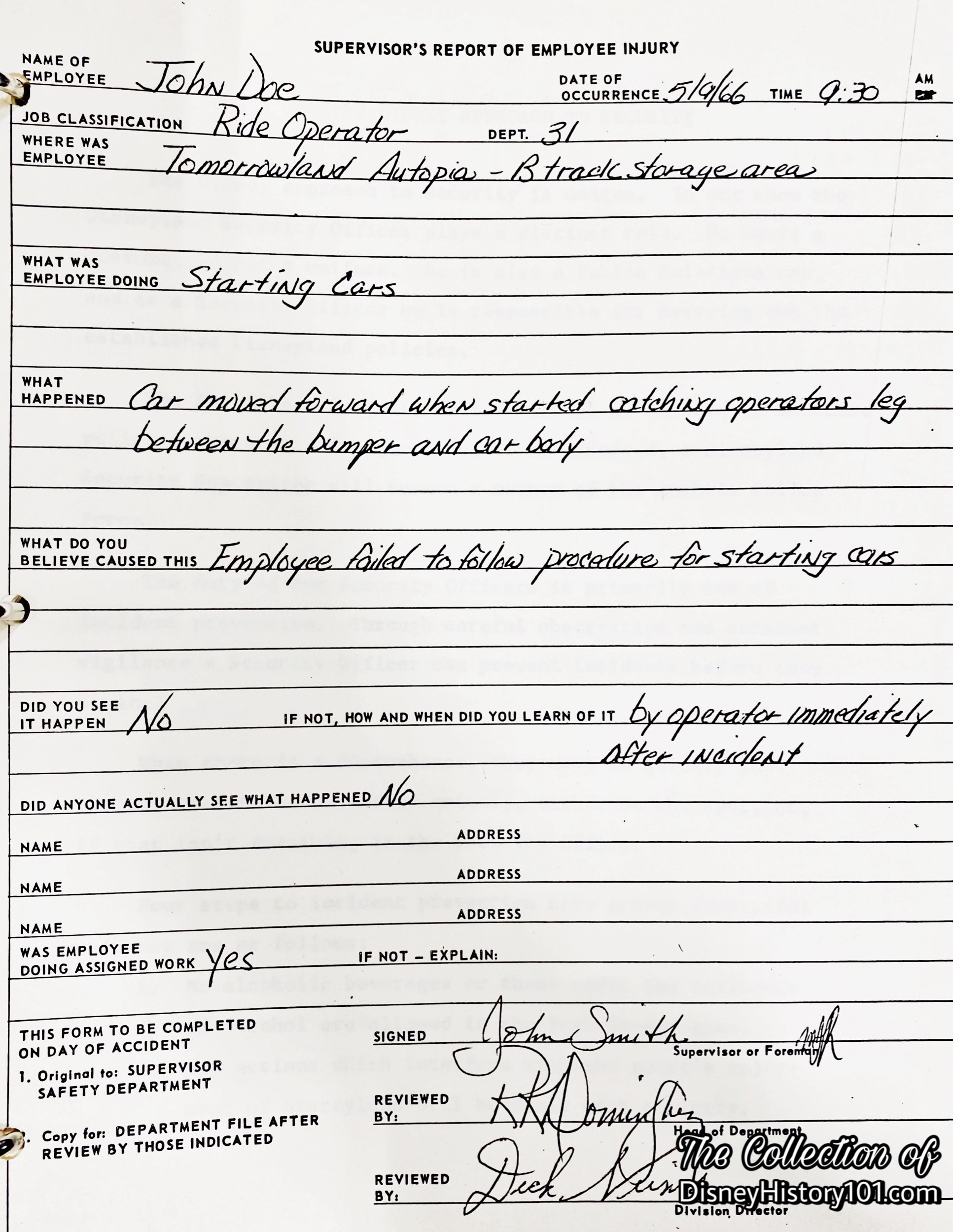
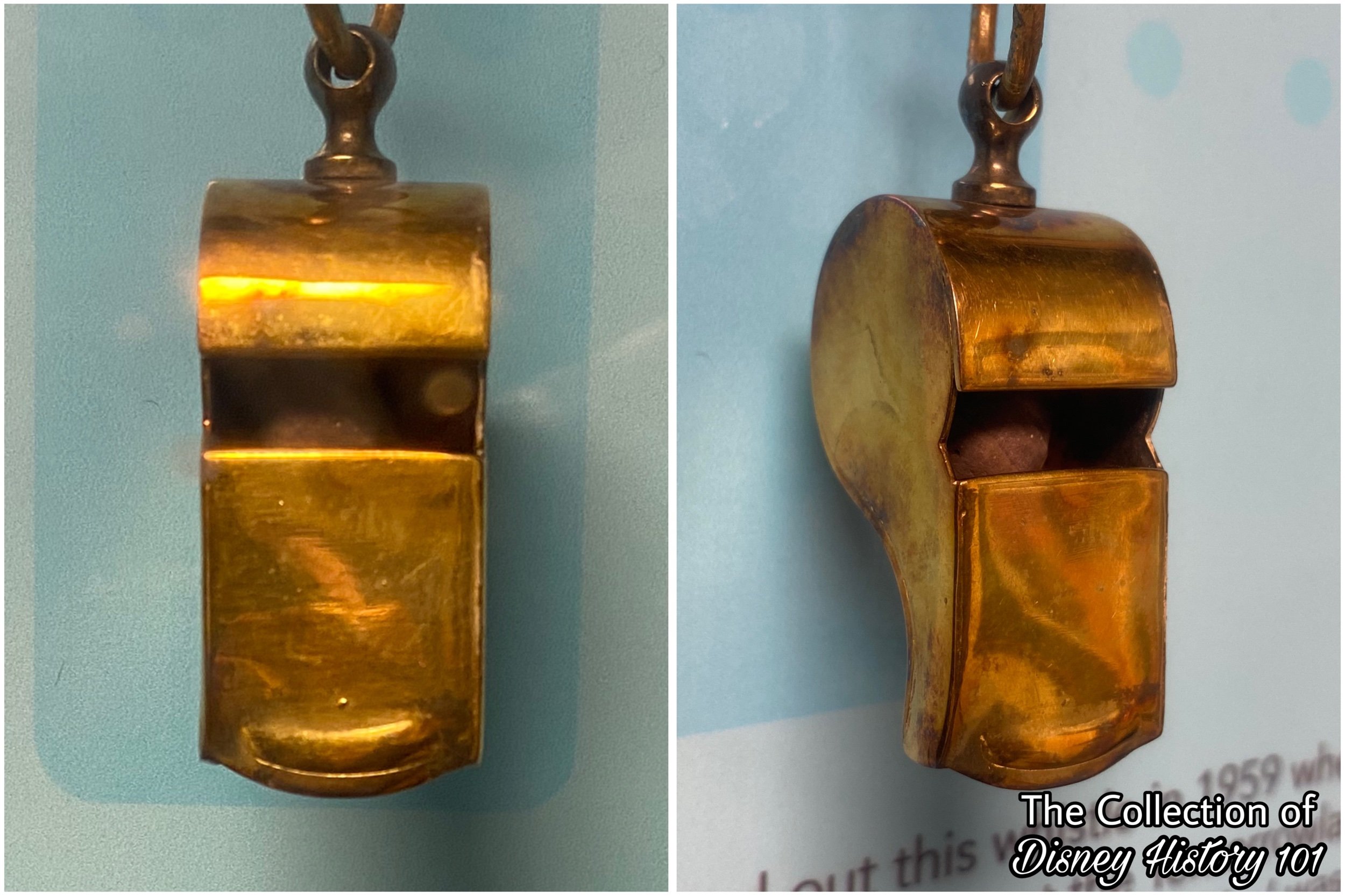
According to his account preserved with Walt Disney Hometown Museum, Bob Penfield checked out this whistle in 1959 when he reported for work at the Tomorrowland Autopia. “This piece of 'wardrobe' was only available to an attraction foreman. I kept it, had it gold plated, and about 20 years later noticed that the #12 can barely be seen on the side. Only one in existence as far as I know.”
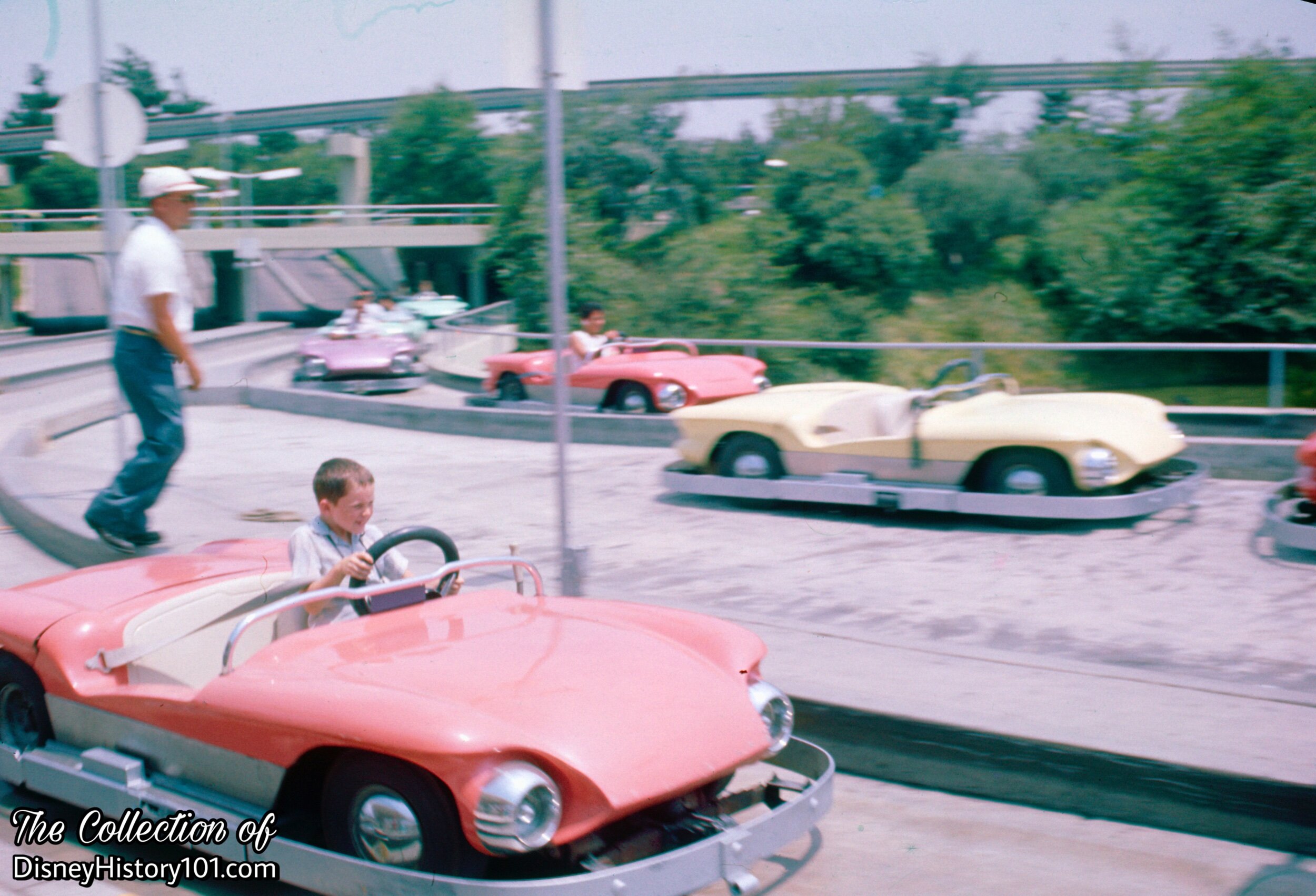
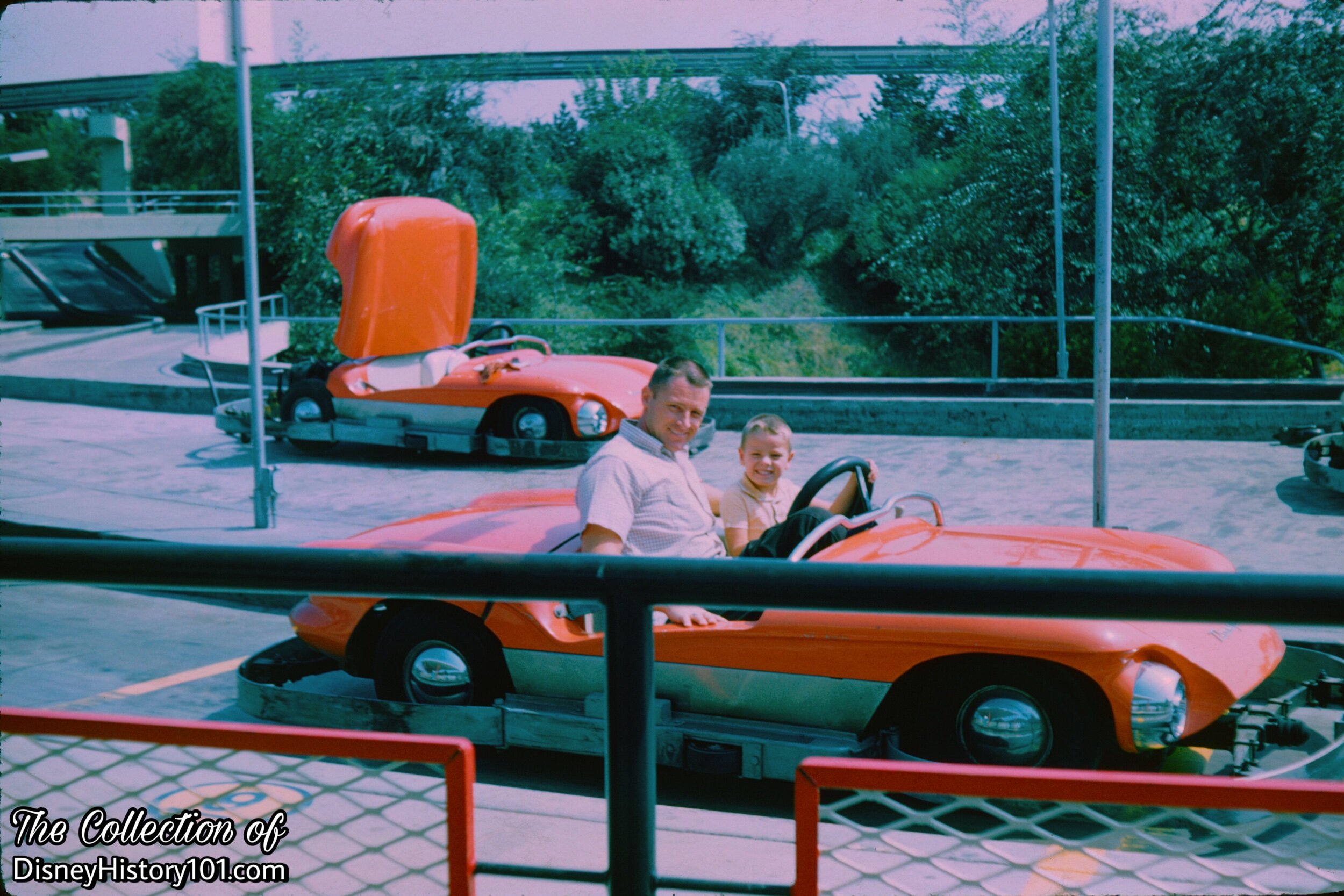
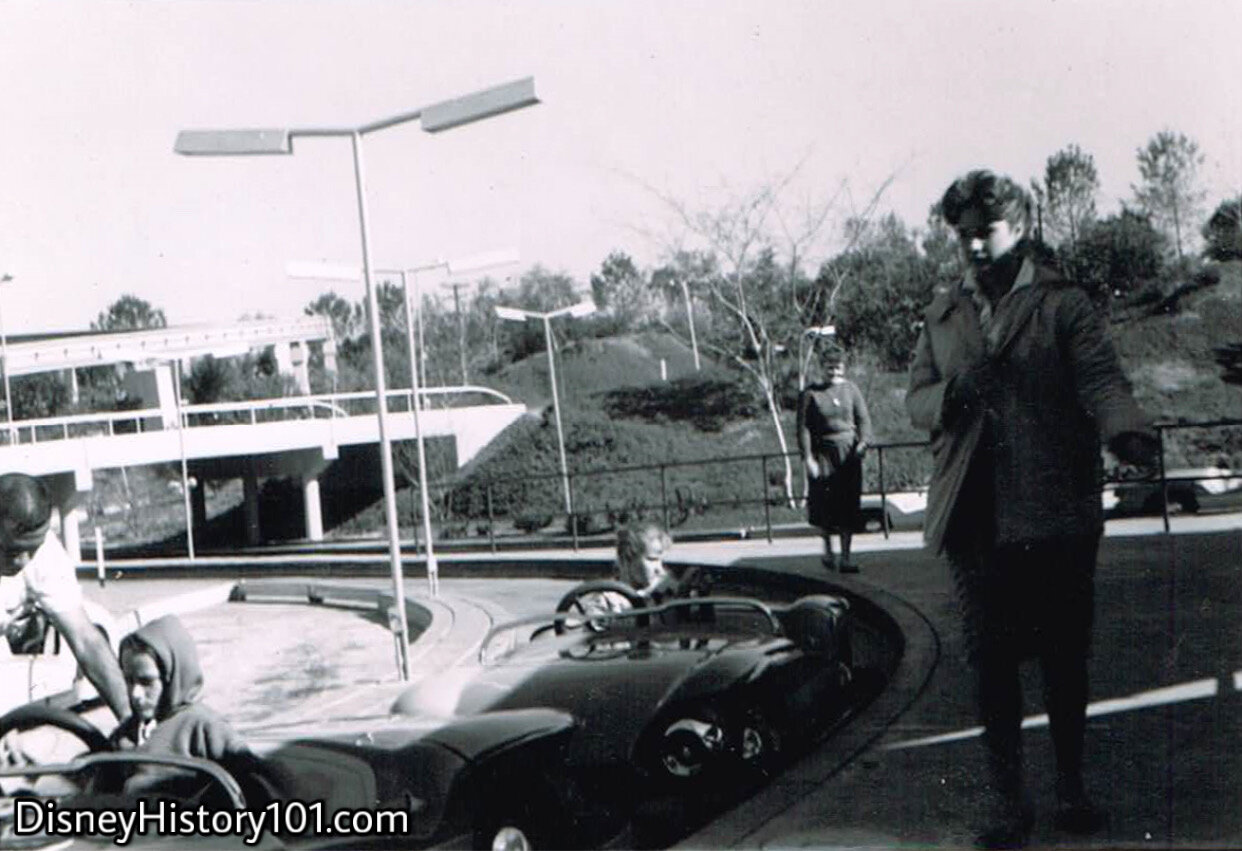
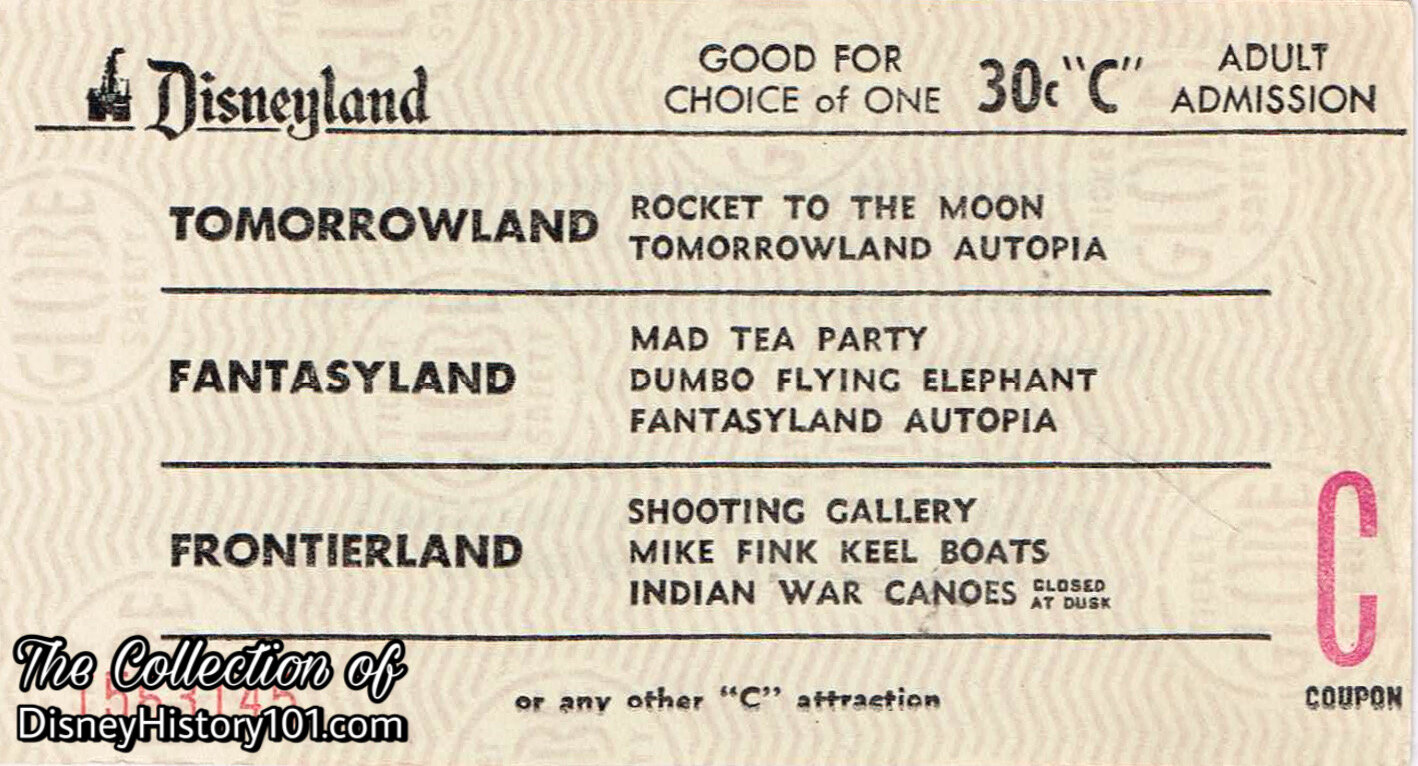
By 1959, Joe Fowler was Vice President of Disneyland Operations Committee and Doc Lemmon of Disneyland Operations was overseeing Operators of Rides & Amusements, Livestock, Parking Lot, and Ticket Sellers.
Admission for ride in one of the new Autopia Mark Vs was the same as boarding a TWA Rocket to the Moon or embarking on a journey down the Rivers of America in an Indian War Canoe!
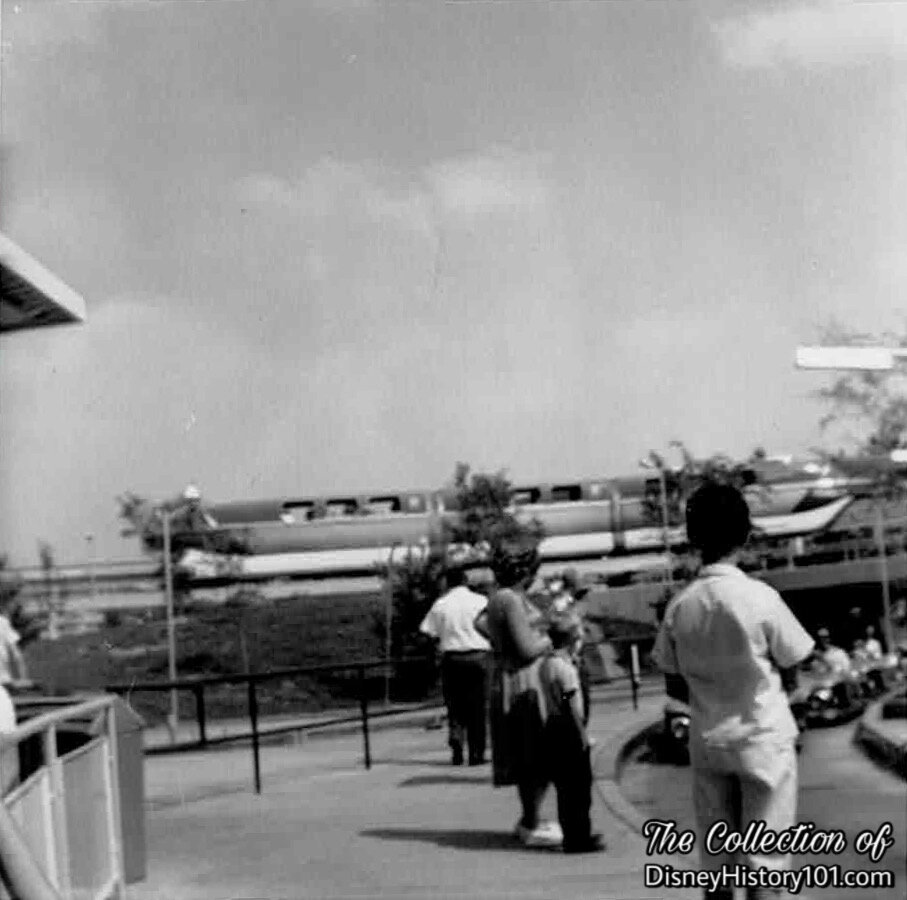
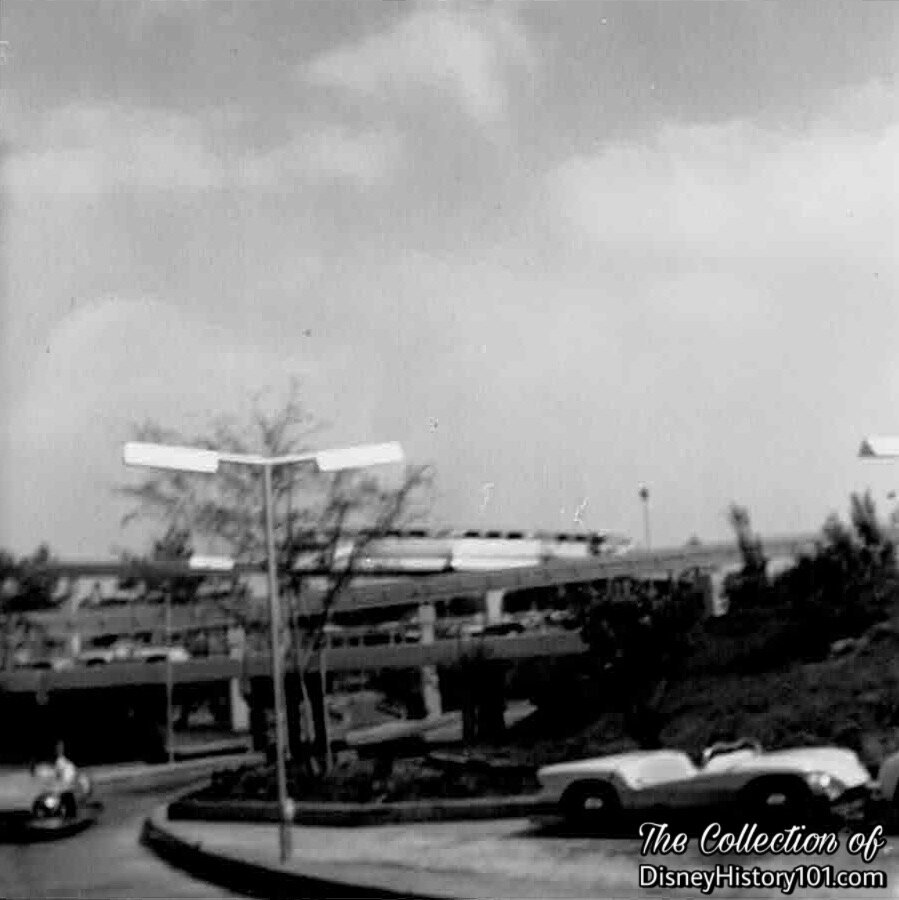
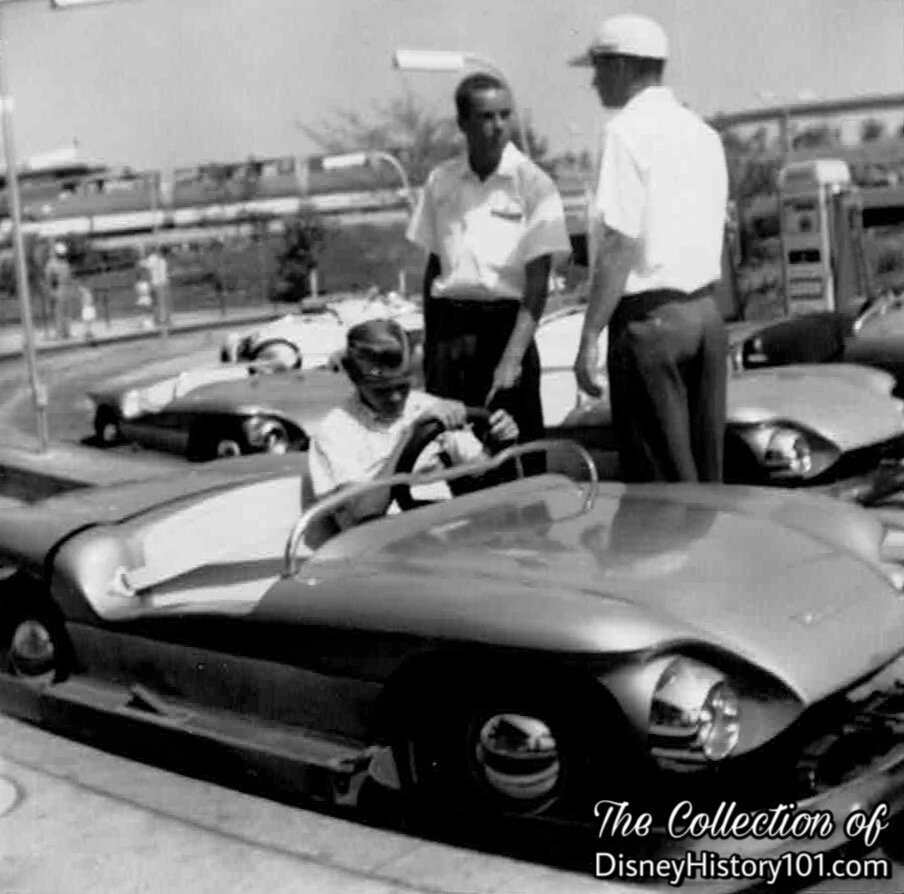
Many Disneylanders of note had the pleasure of working with the Autopia vehicles. In fact, during 1959, both Chuck Abbott and Ray Van de Walker were transferred to the Autopia.
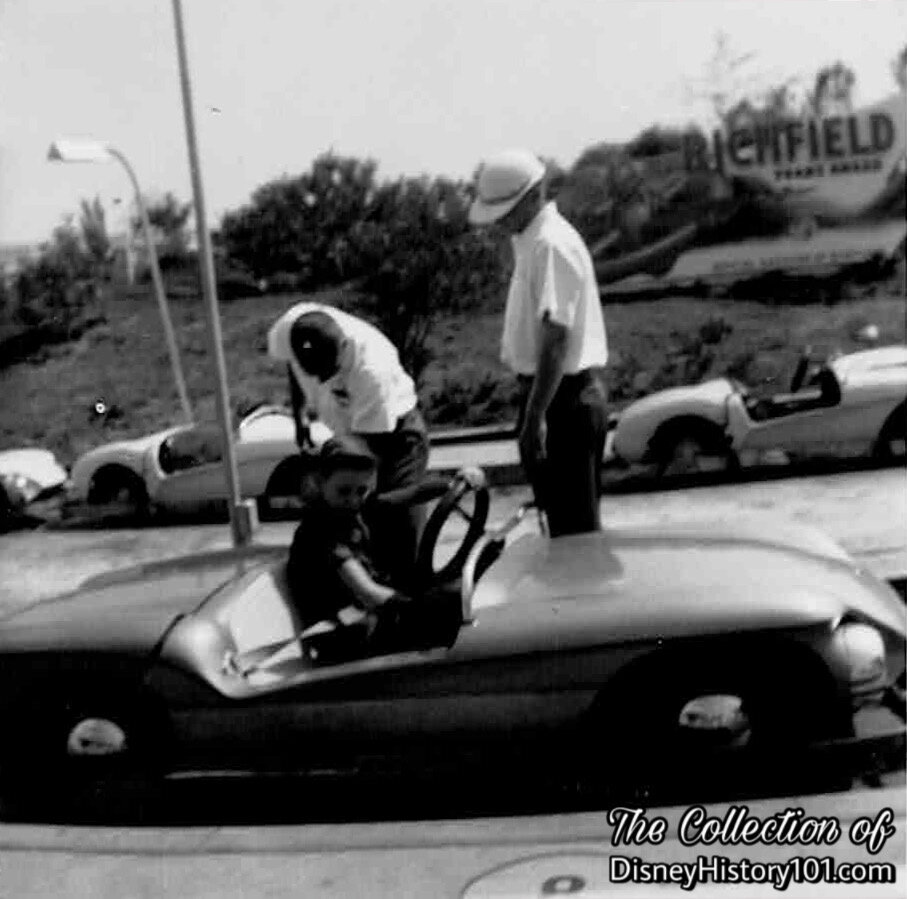

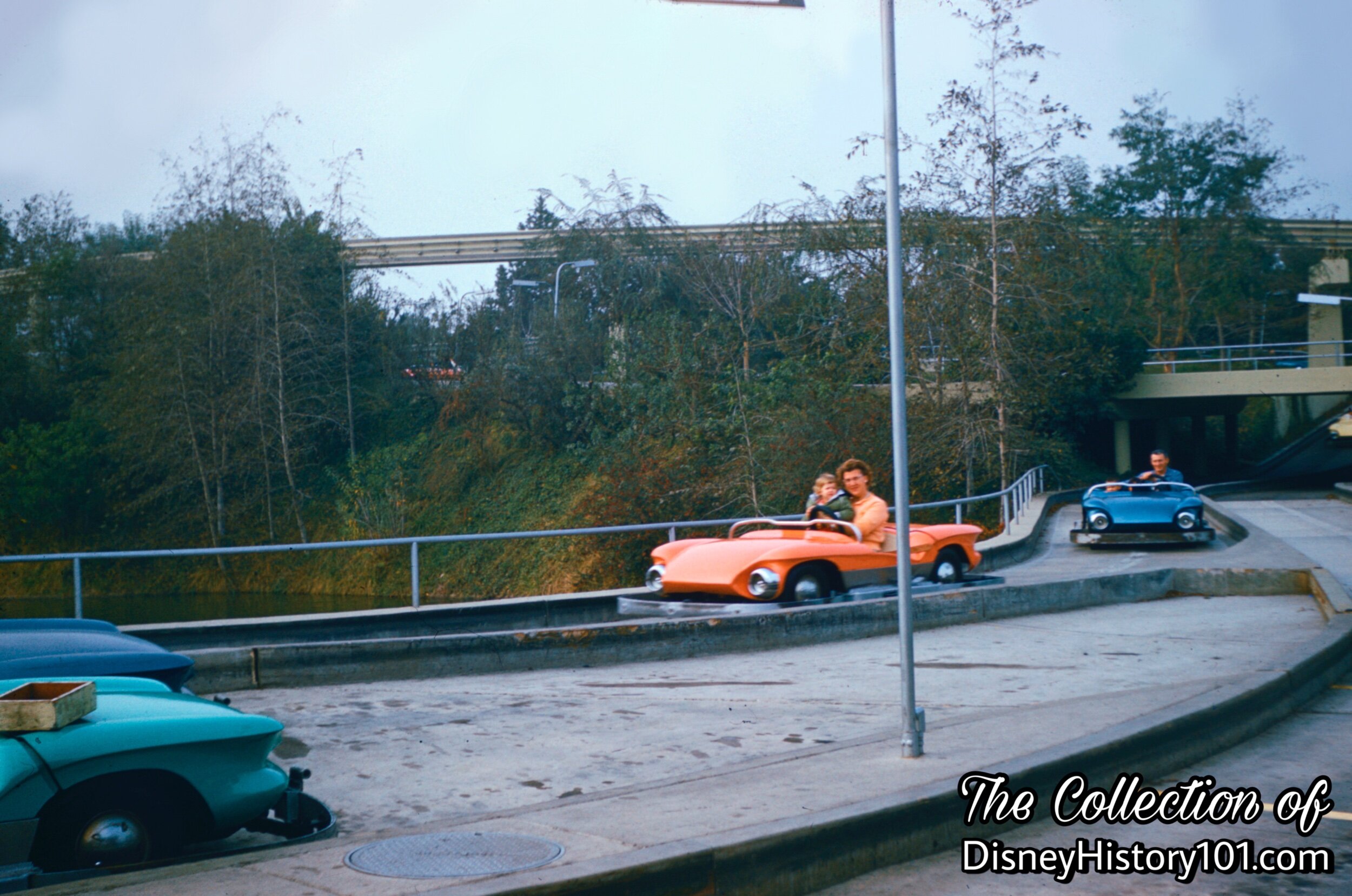
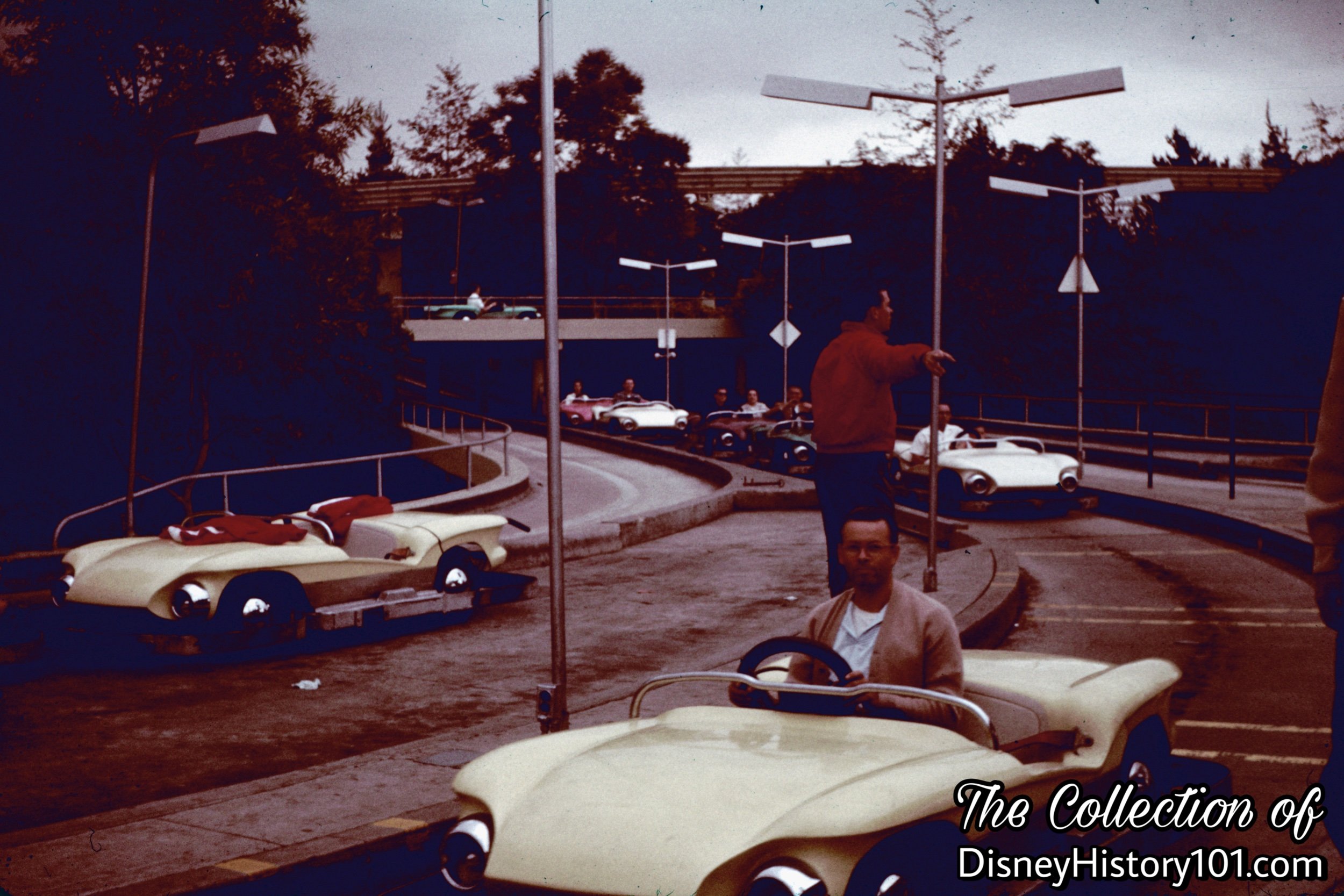
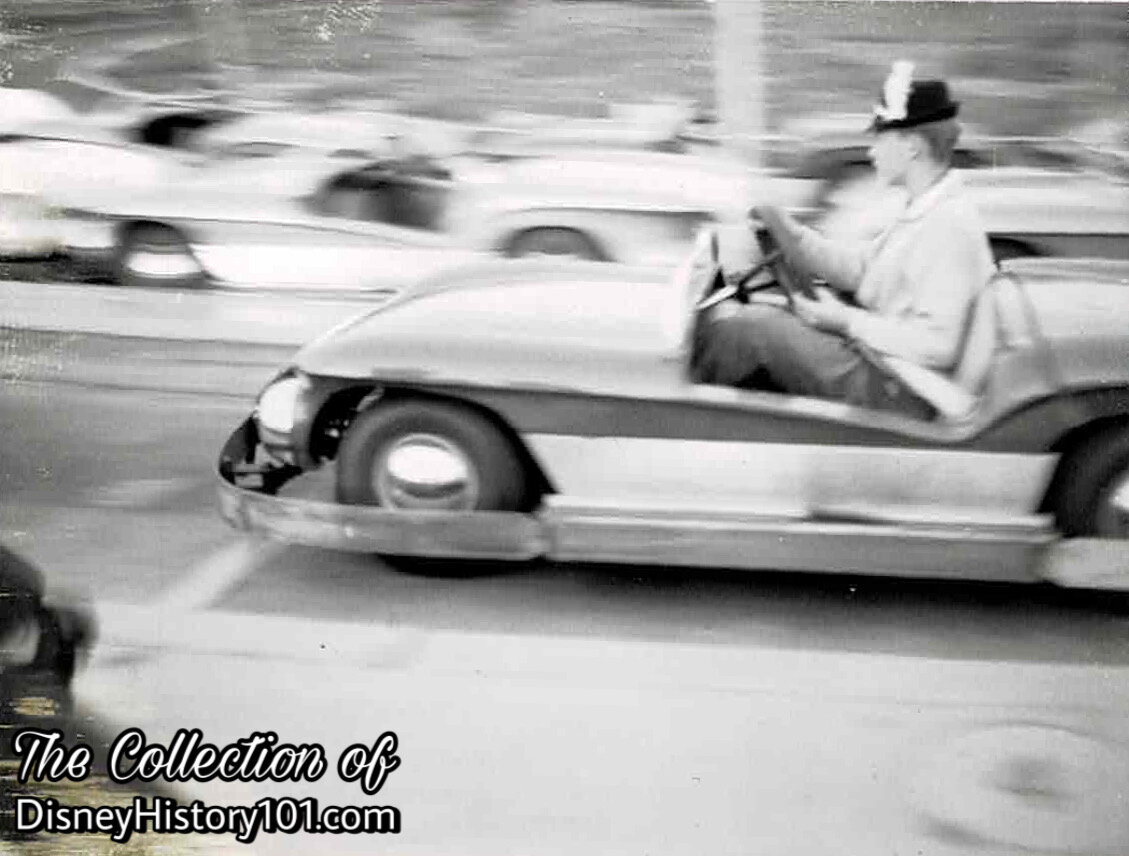
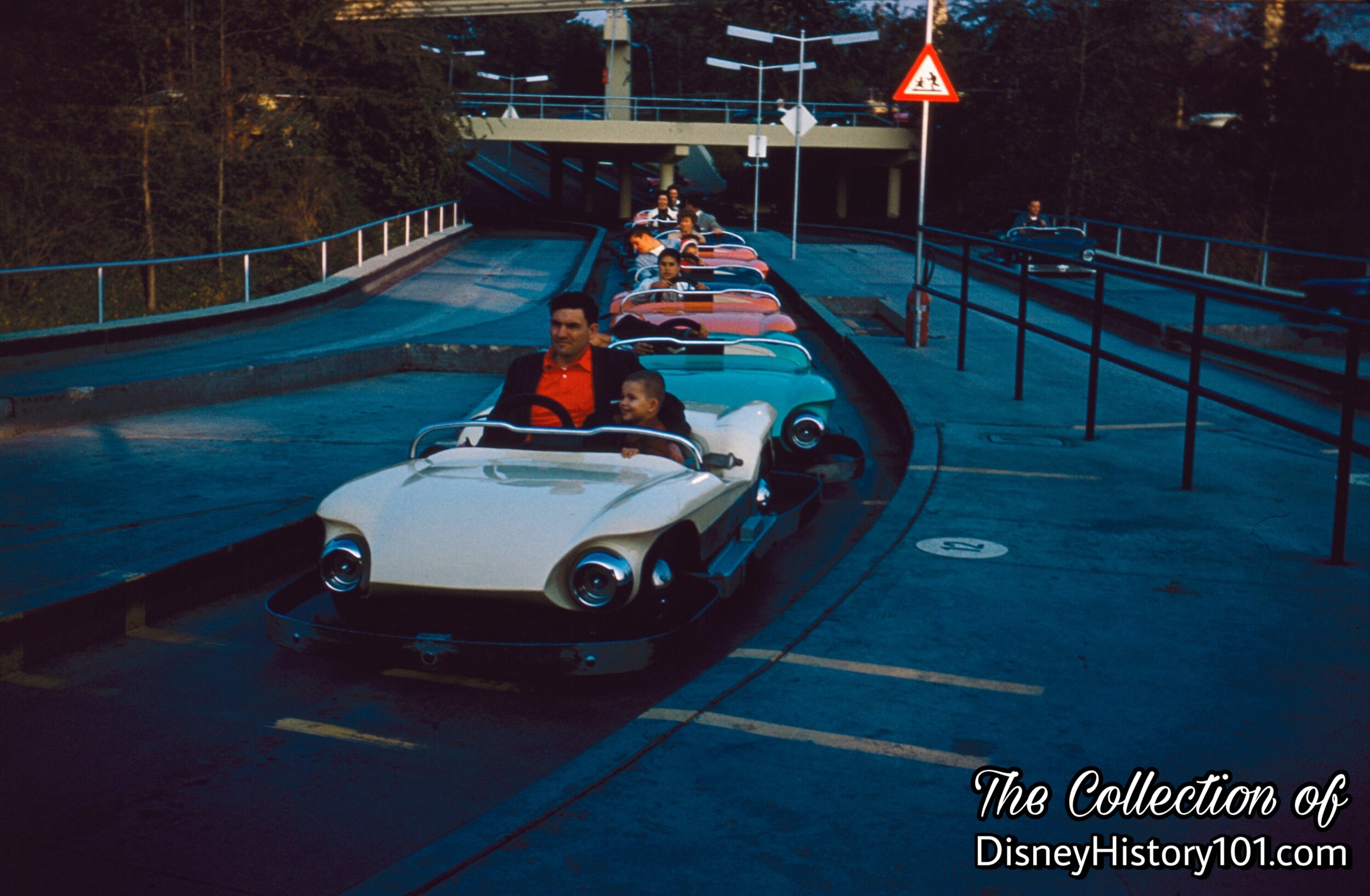
The short film title “Dad… can I borrow the car?” comes to mind.
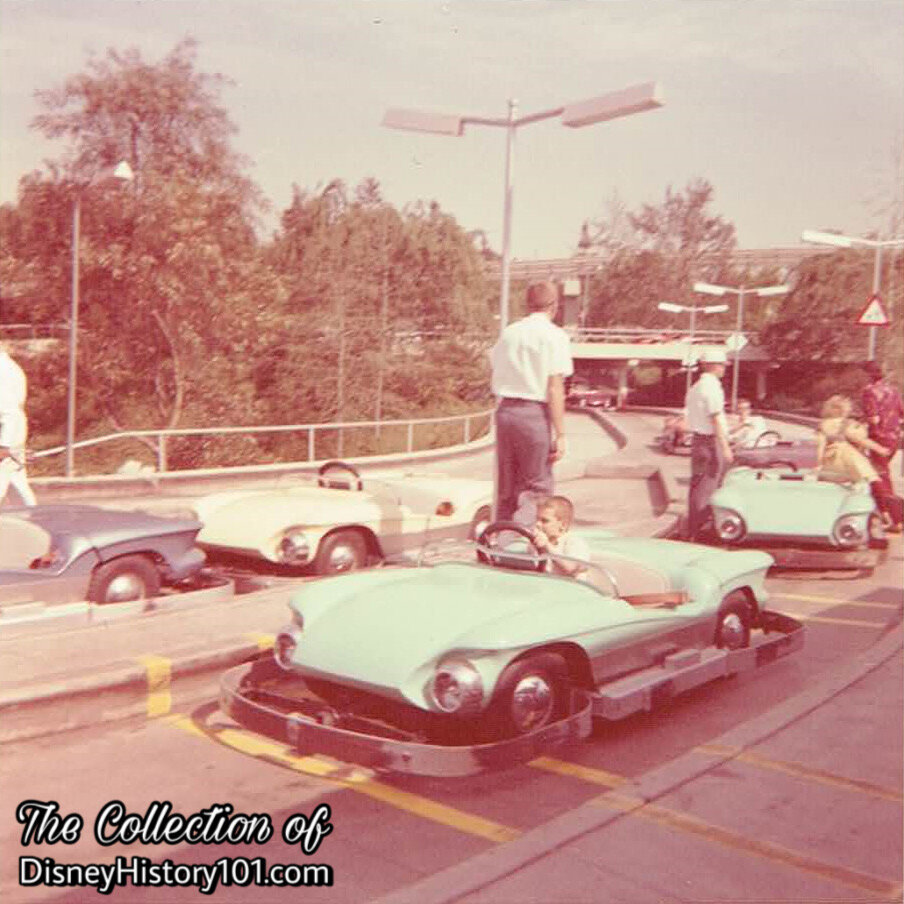

A delegate of the National Carrierboys Convention (which ended on Friday, May 4th, 1962), enjoys a spin in one of the Autopia Mark Vs, along the Tomorrowland Autopia tracks!
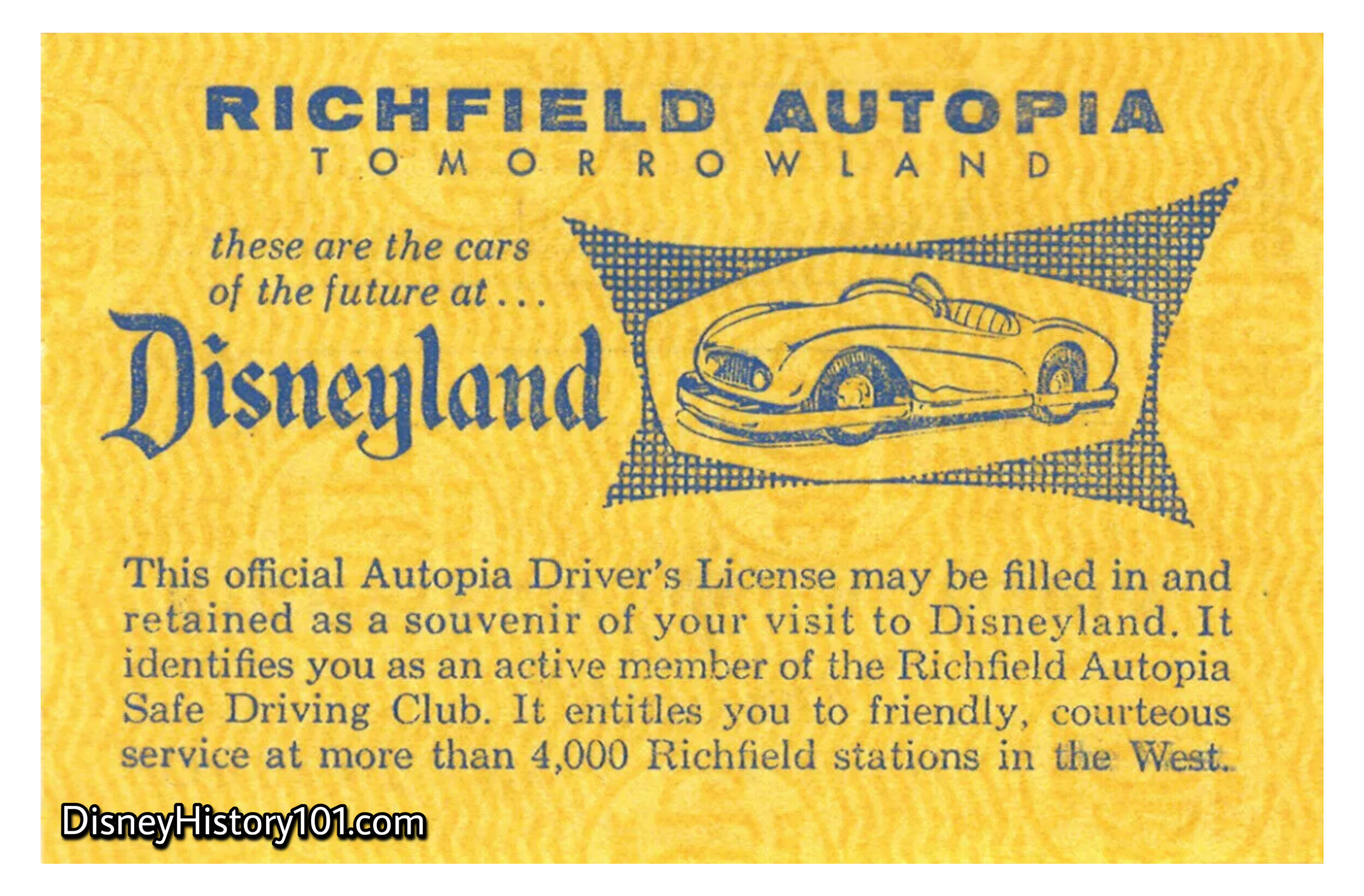
A new decade brought new Richfield Autopia Drivers Licenses for motorists who completed their circuit behind the wheel of “the cars of the future”! The only problem - the face of the License sports a fiberglas Autopia body that resembles the old Autopia Mark I - IVs.
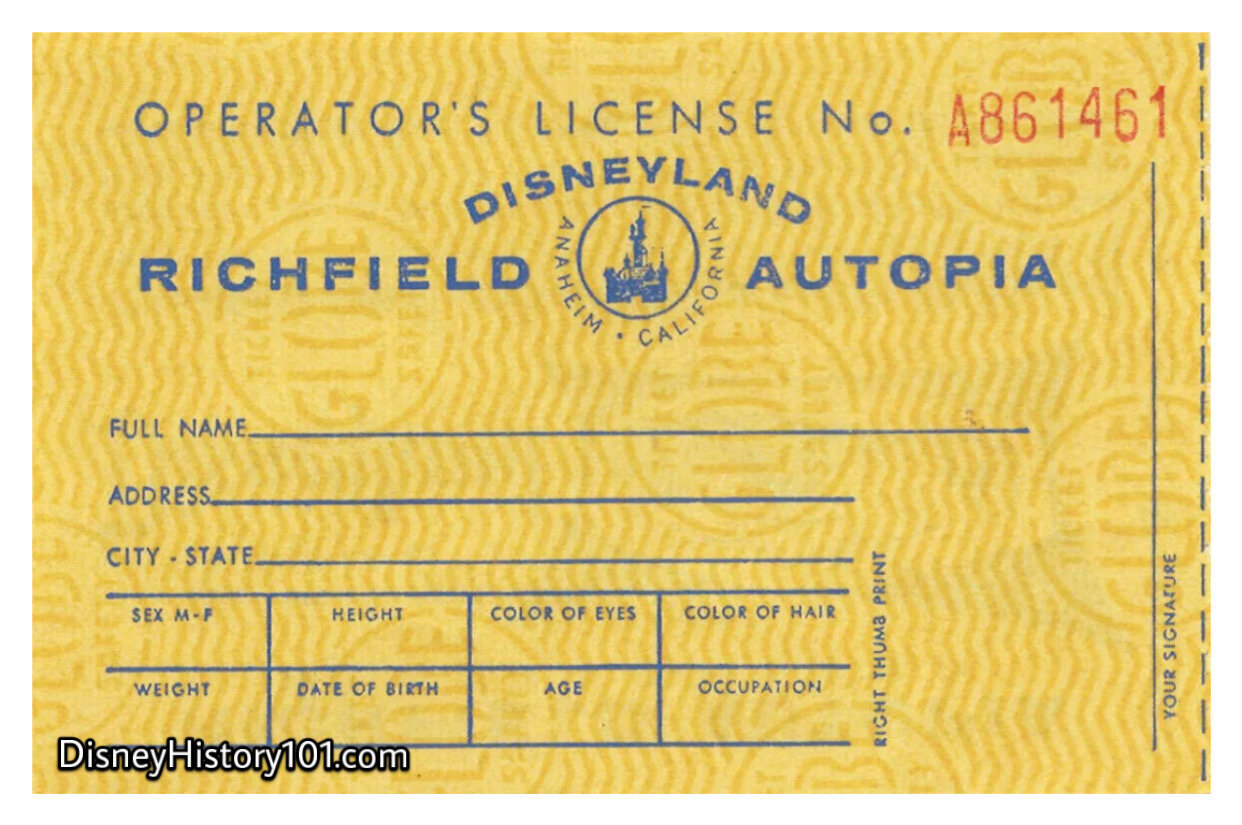
There was a new field where the cardholder could add their occupation. The brand new Disneyland Richfield Autopia Operator’s Licenses also added a field for the cardholder to add their sex (as there were many male and female motorists on the road at this time).
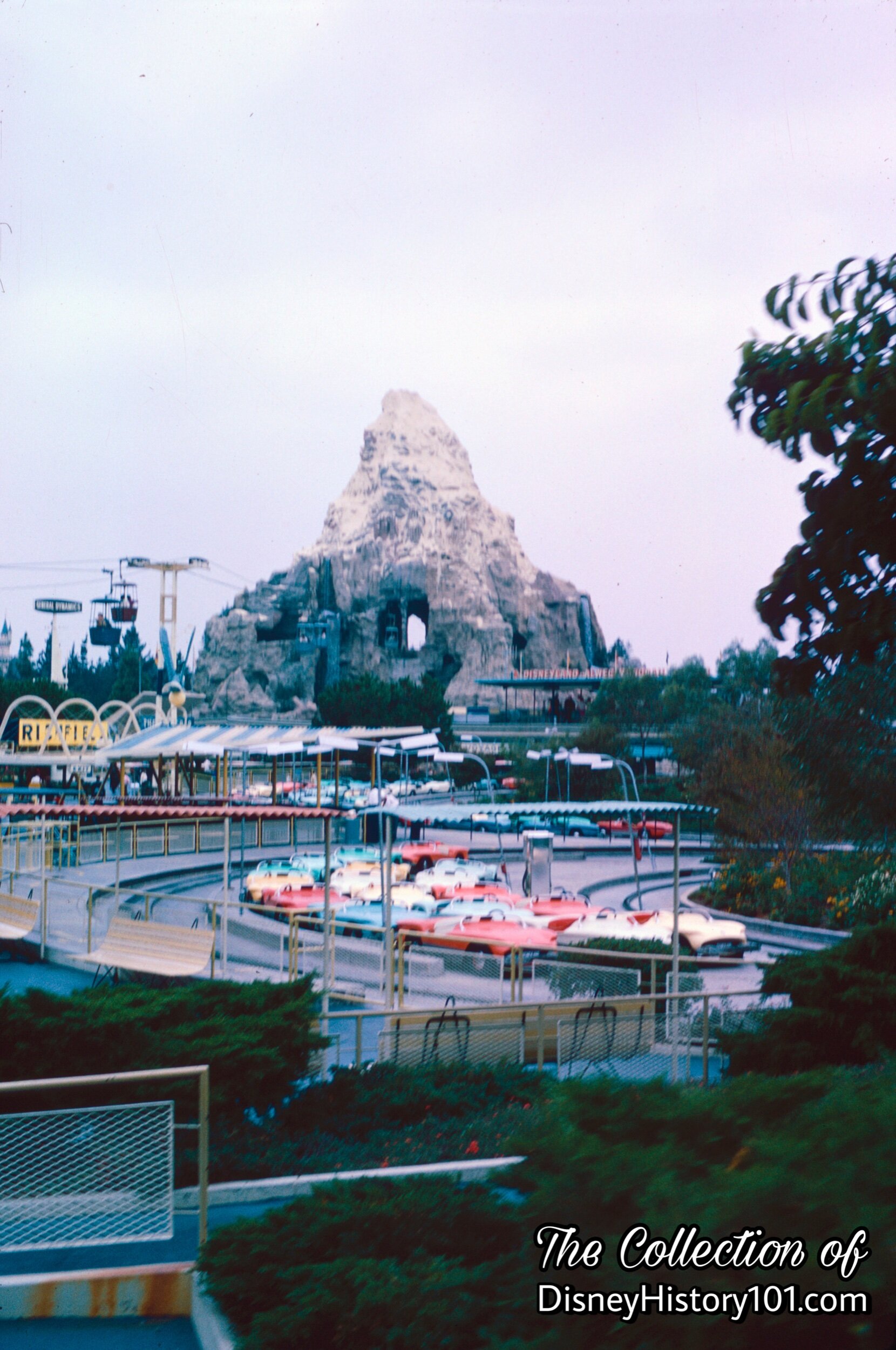
![In an interview, Walt Disney once said, “Whenever I go on a ride, I’m always thinking of what’s wrong with the thing and how it can be improved”. [“Walt”, published 1975 by Walt Disney Productions]. Bob Penfield (in interview with Disneyland LIN](https://images.squarespace-cdn.com/content/v1/5b3d7f804eddec6e826be0c9/1571549433838-0IO0L1XGG2Z2CLEPZY8S/1C78CA1B-9B4A-4BFA-A1E9-38FC7104BC22.jpeg)
In an interview, Walt Disney once said, “Whenever I go on a ride, I’m always thinking of what’s wrong with the thing and how it can be improved”. [“Walt”, published 1975 by Walt Disney Productions]. Bob Penfield (in interview with Disneyland LINE, Vol. 25, No. 28), recollected at least one conversation about one of these particular “improvements” : “One time I was [working operations] on the Autopia and Walt and I were standing talking about how installing a central rail would help control the cars.” Proving the truth of Walt’s interest improving things, he personally made a visit to the Santa Cruz Boardwalk (during 1963). Walt’s reason for doing so, was to visit their new Autorama attraction, which featured futuristic auto designs by Arrow Manufacturing in Mountain View, as well as a center guide rail. While there, photographic evidence preserves both Walt and Bob Gurr personally sitting behind the wheel of what would become the prototype of the next-generation of Autopia vehicles. As a result, another brand new Autopia vehicle design (without a wraparound bumper) would debut the following year (in 1964) - The Autopia Mark VI! In 1965, a new guide rail system was installed along the Richfield Tomorrowland Autopia’s road. By 1964, Walt Disney’s Guide to Disneyland was naming this Tomorrowland attraction the Super Autopia Freeway (presented by Richfield)!
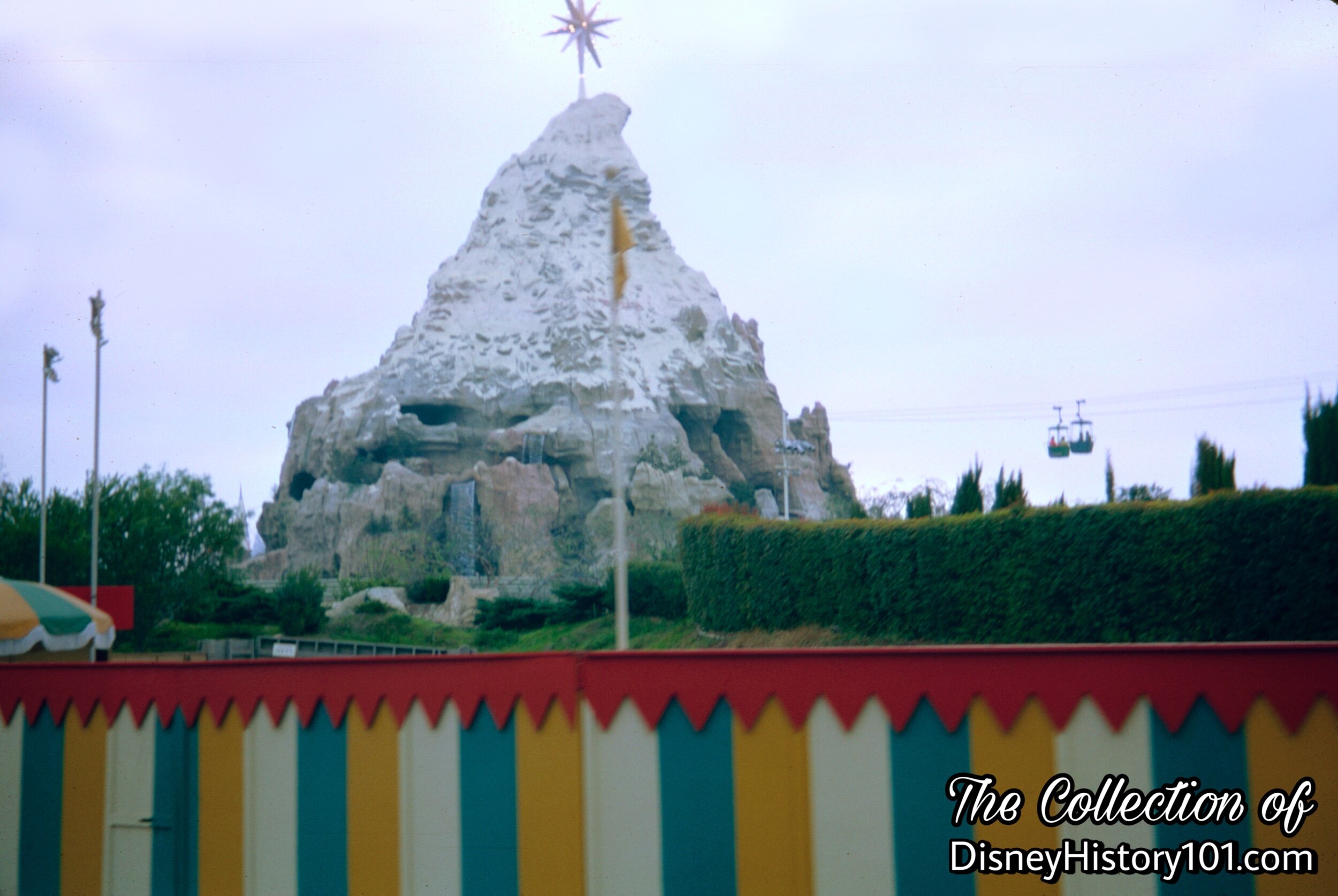
Safety is a major concern of Engineering. Every year they would make a complete test and inspection of all structural parts of Disneyland. And since Guests would look to Disneyland for their safety the department team was continuously designing new guest and personnel safety devices.
Autopia cars were often serviced by the Welding Department.
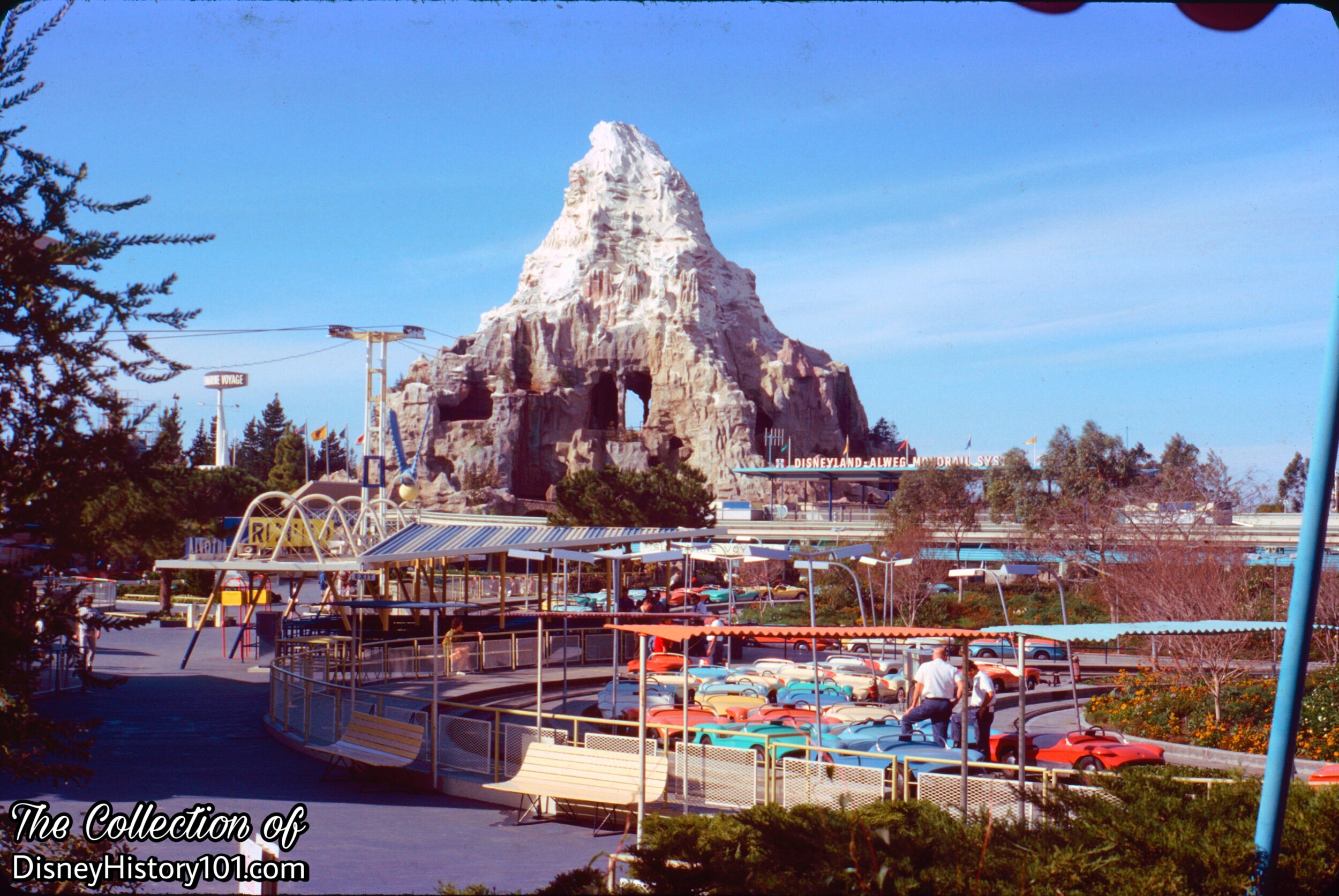
During this era, the land inspired another adventure at Disneyland. By 1964, the character of the 9th hole of The Magic Kingdom Golf Course of the Disneyland Hotel Golf Centre (though not a squid) was themed after the Autopia.
Many Disneylanders supported the Autopia stage at the Disneyland show during this era. Martin Sklar’s children worked at the park on the Autopia attraction for a couple of summers.
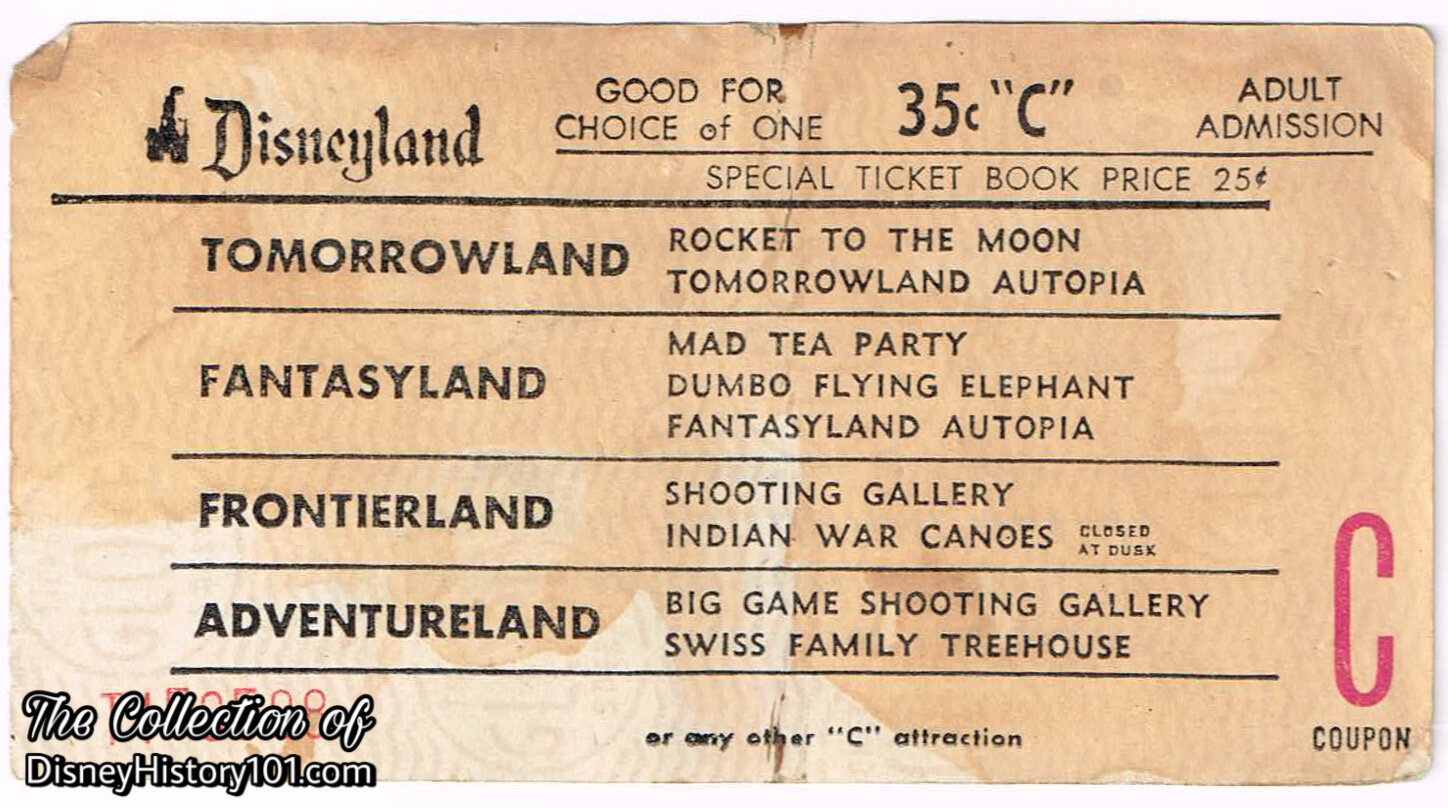
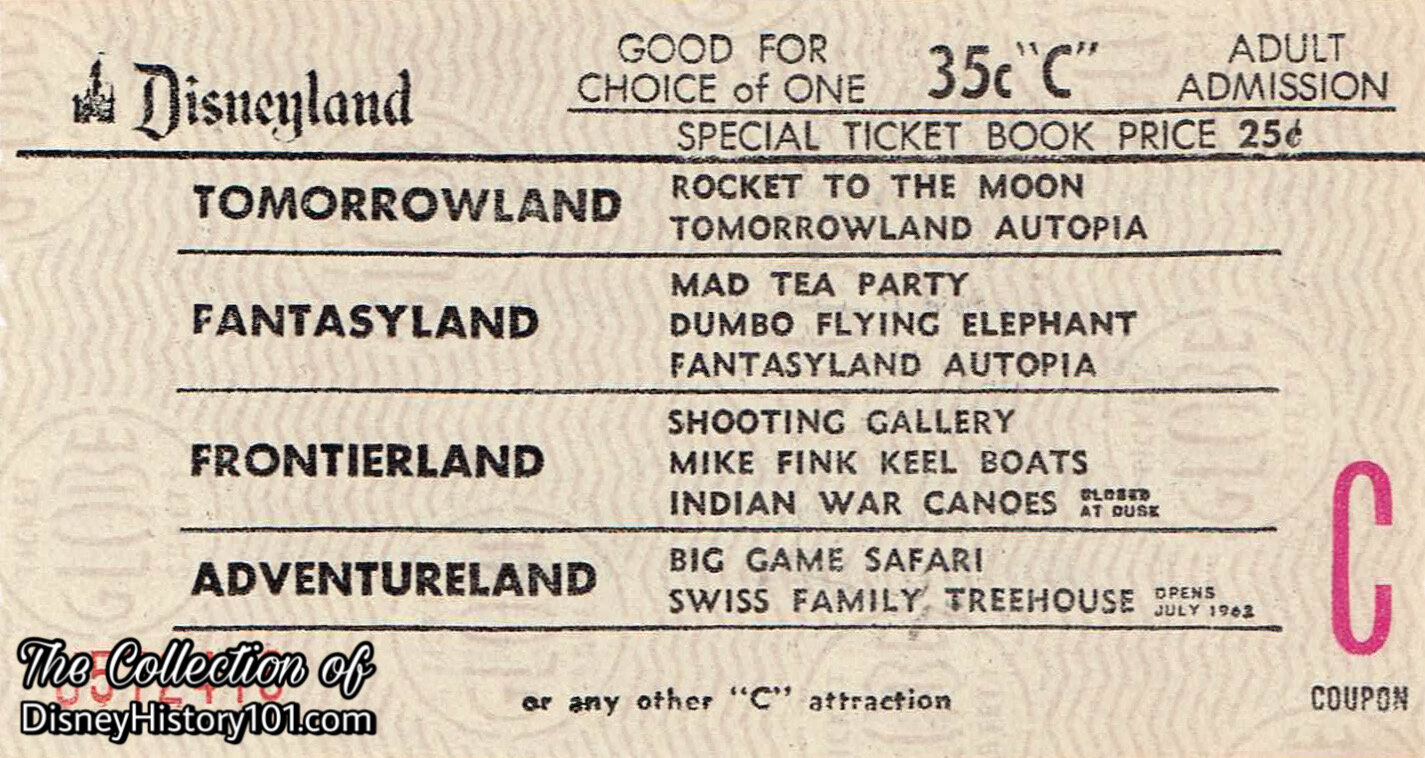
In 1965, the price of admission for navigating the modernistic (Fantasyland or Tomorrowland) freeways of the future was exactly one “C” coupon, or 35¢ - the same admission for passage along the Rivers of America aboard Mike Fink’s Keel Boats.
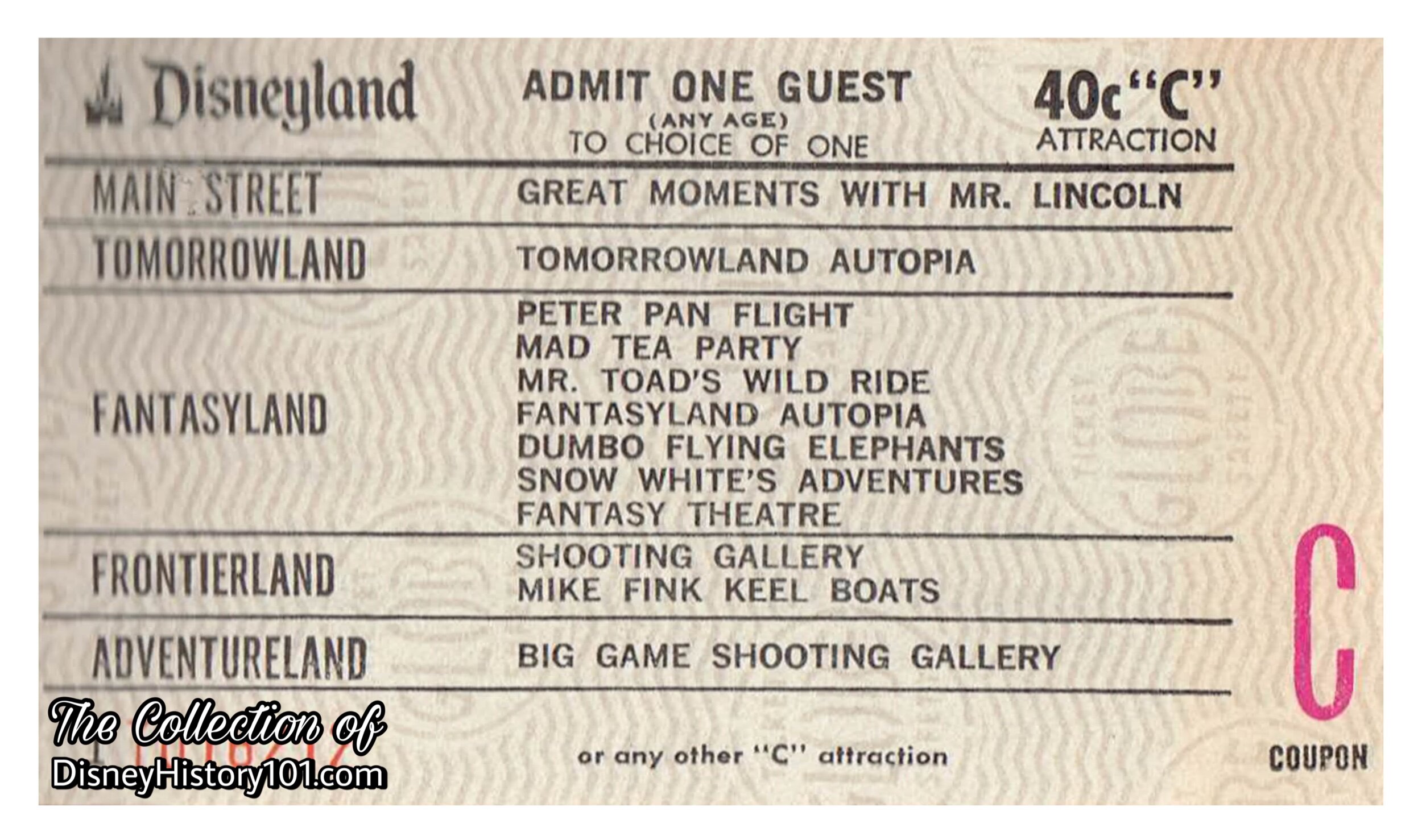
The price of admission for navigating the modernistic (Fantasyland or Tomorrowland) freeways of the future was soon updated to exactly one “C” coupon, or 40¢ - the same admission for spending a few “Great Moments with Mr. Lincoln” (Walt Disney’s newest attraction in its post New York World’s Fair Disneyland debut), or a screening of Walt Disney Productions animated short films in the all-new Fantasyland Theater!
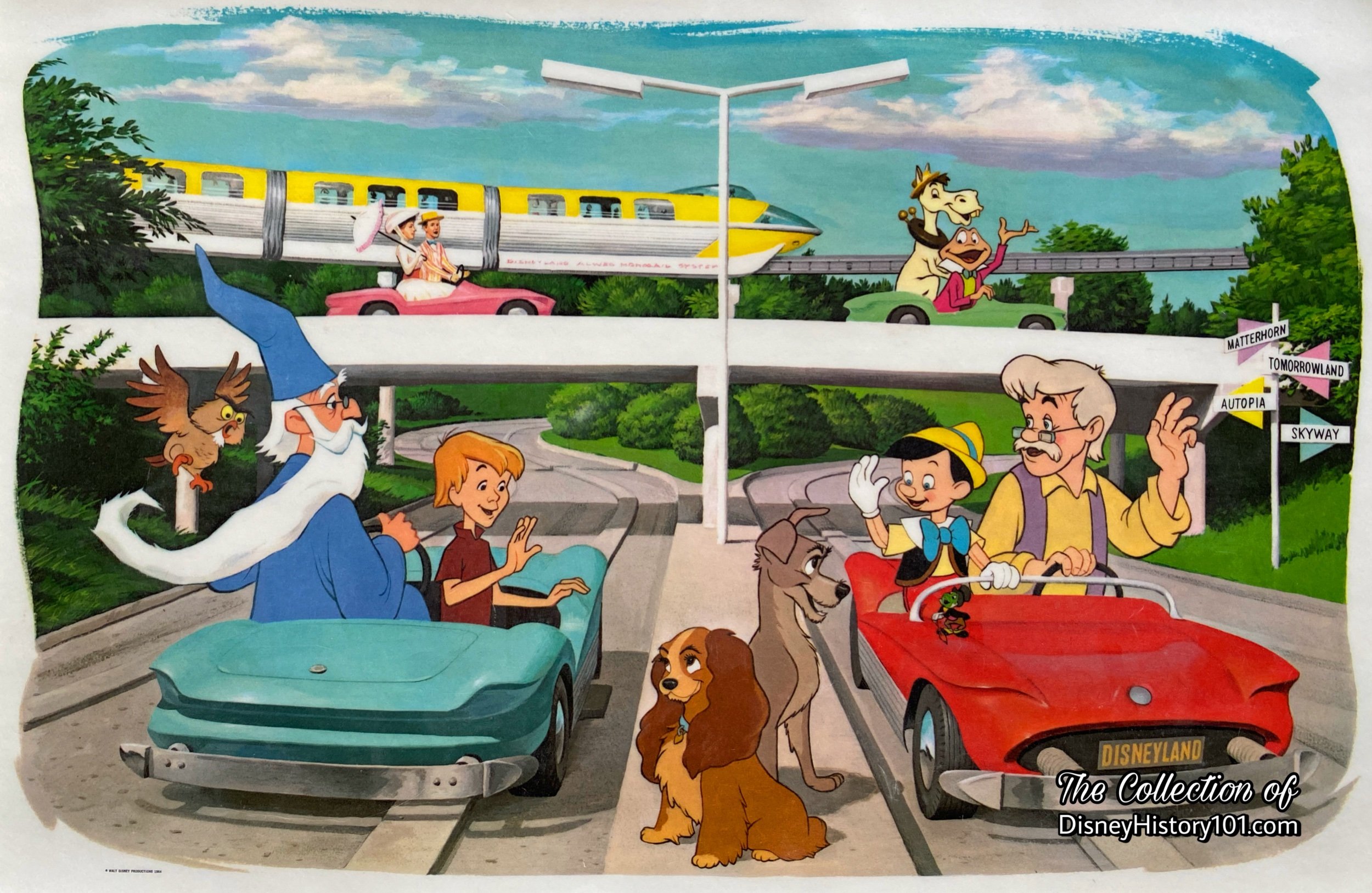
The Mark V Autopia cars were featured on licensed merchandise (above) and in at least one major piece of promotional media. In August of 1962, Lloyd Richardson, Larry Clemmons, Joe Marquette, and Jack Leppert (of the Walt Disney Studio) filmed and shot scenery of the Fantasyland Autopia for Studio Production #3185. Then, the Tomorrowland Autopia would briefly cease operation during the winter season of 1962.
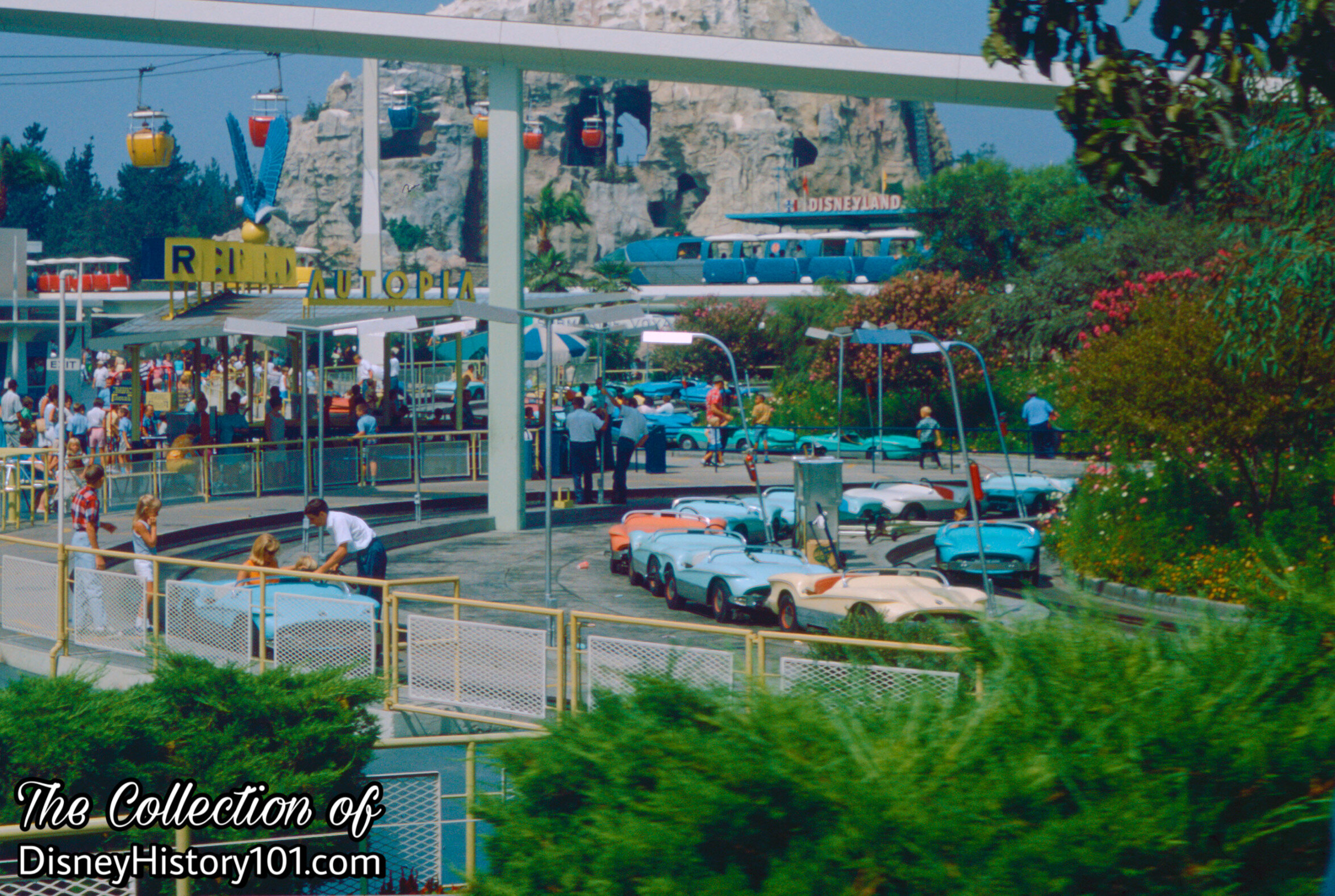
You’ll note that the Autopia has also been enhanced with new flowers (as was routinely performed by Nurserymen). We feel the same as Disneyland Backstage Editor Wally Boag, who wrote (during the Summer of 1966) : “We’d like to say a word of ‘thanks’ to our hardworking Nurserymen. . . .The plants always look beautiful, rain or shine.”

Disneyland Participant Corporate Sponsors were carefully selected. High quality, long term corporate sponsors would provide incremental income that enabled Disneyland to enhance its show and attractions, offset some operating expenses, and capitalize on marketing opportunities. “A cross-section of American industry…[was] represented in Disneyland. Each of these companies… [would expose] its institutional advertising and public relations message to Disneyland guests through various forms of participating exhibits and displays. In each case, the exhibit… [was be] related to the theme of the ‘land’ in which it is located, and is woven into the overall concepts and themes of Disneyland,” according to “Disneyland, U.S.A.,” published 1958.
This wasn’t the first time that Walt Disney partnered with a gasoline corporation. For instance, during the 1930s Walt Disney’s Mickey Mouse and the Seven Dwarfs appeared in promotional materials for Standard Gasoline Oil Dealers and Authorized Distributors. Now, another American industrial component - the Richfield Oil Corporation - would prove itself the perfect sponsor for several Tomorrowland attractions, and would reap these rewards of their Disneyland Partnership!
For instance, owing to one synergistic promotion (offered a few weeks before Disneyland’s Press Preview Day), the “oil company, which quietly offered a booklet about Disneyland, was inundated with 500,000 requests BEFORE their billboards announcing the booklet giveaway on display,” according to the Los Angeles Mirror (published June 10th, 1955).
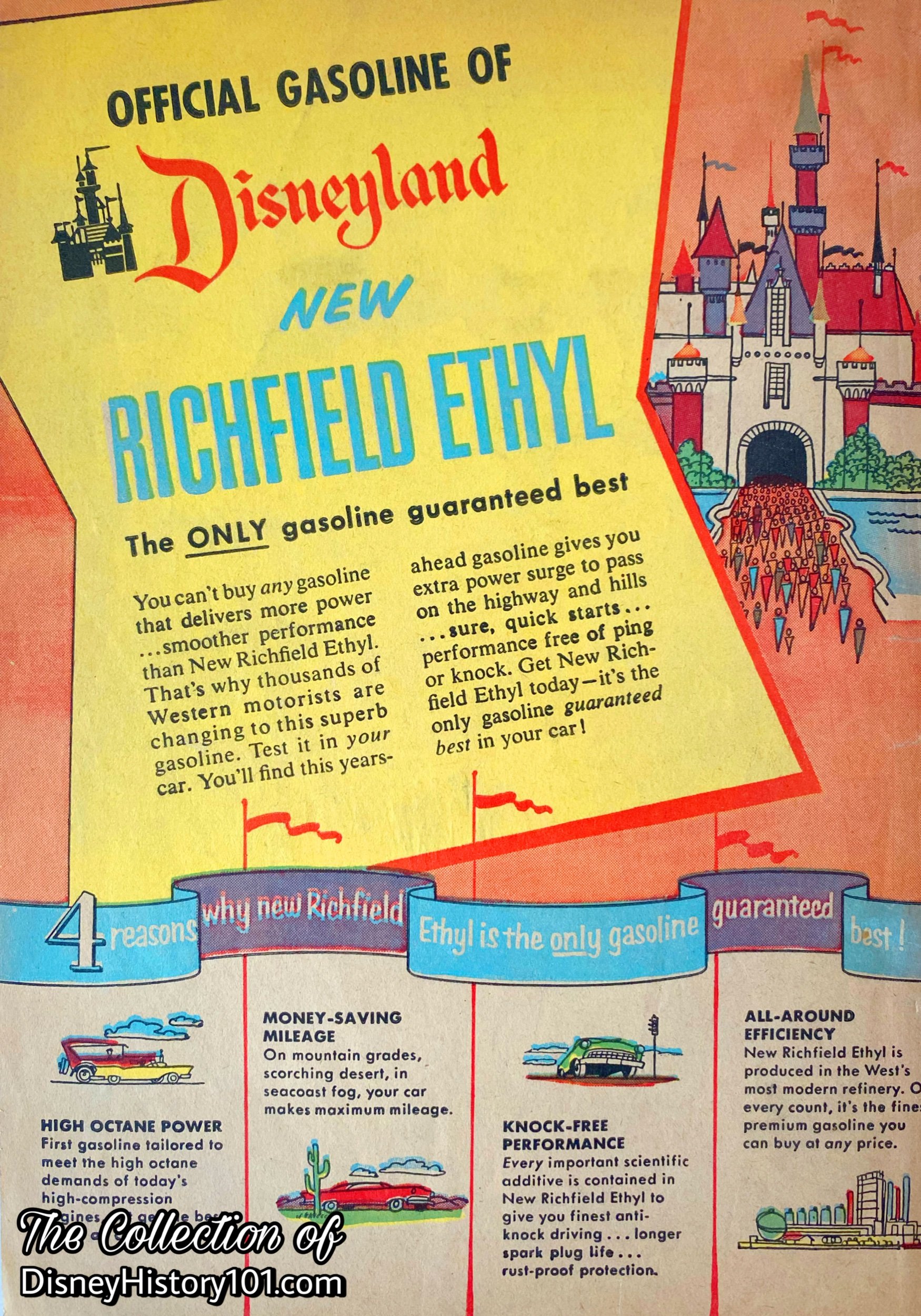
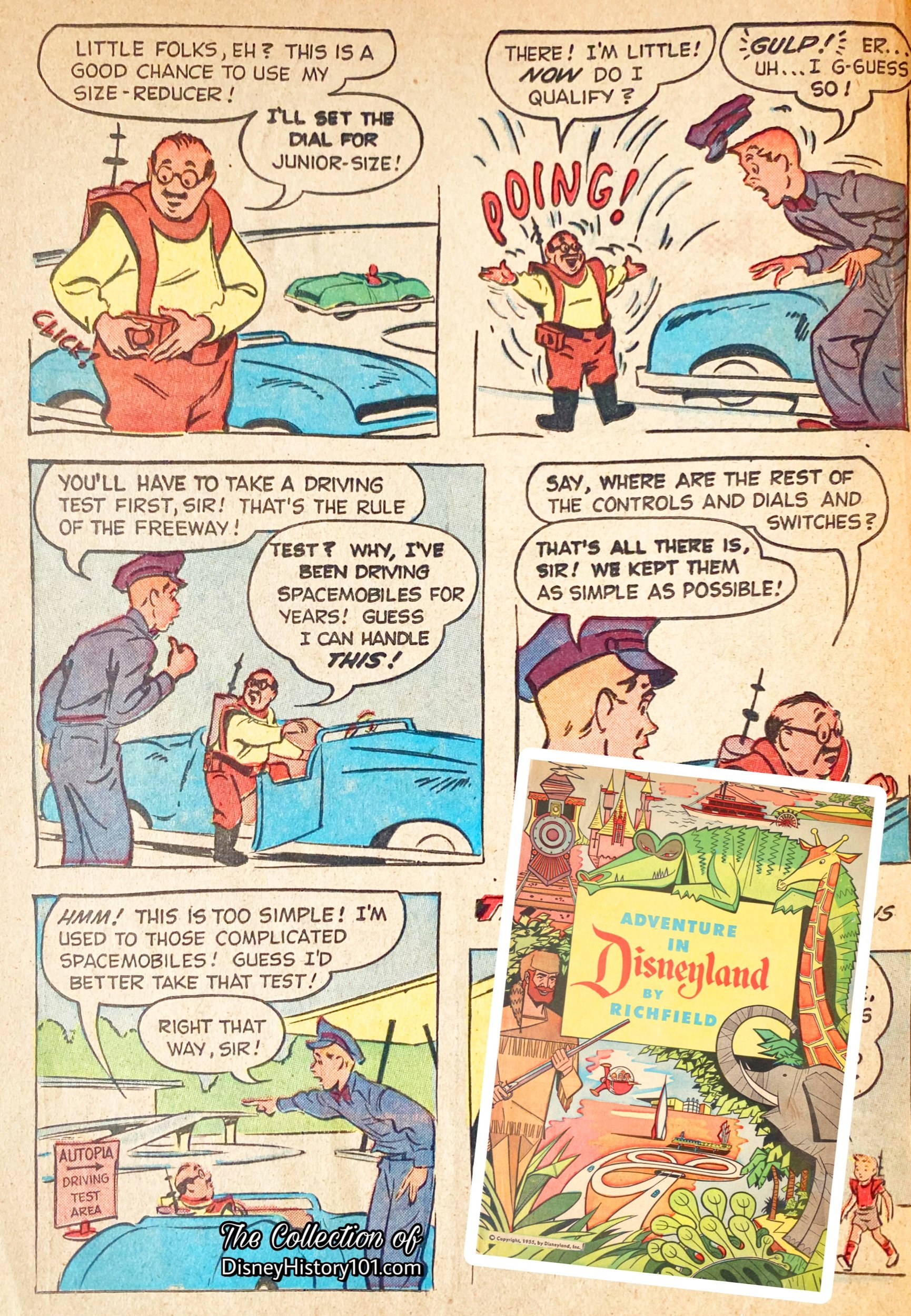
Richefield maps (“especially prepared, showing the routes to Disneyland from all Southern California points, and a map of the streets and approaches in the immediate vicinity of Disneyland”) were distributed to invited members of the Press, to assist them in arriving at Disneyland on Sunday, July 17th.
Yes, for the Richfield Oil Corporation, “the possibilities for a sponsor to capitalize on this association… merchandising, sales promotion, advertising, public relations and publicity programs are almost limitless. Regardless of the type of product, goods or services manufactured and marketed by sponsors, the Disneyland association can be effectively and importantly translated into the sponsor’s promotional activities,” according to “Disneyland, U.S.A.,” published 1958.
The sponsor was one of five major concerns to hold a lease with Disneyland for strictly advertising purposes. Among these concerns were the Santa Fe Railroad, Bekins Van and Storage, TWA, Richfield Oil Company and Pepsi Cola. These did not occupy space but have their name displayed at certain places that were advantageous for the advertising of the product or service they sold. Richfield’s partnership with Disneyland (from 1955 to 1970) allowed for two Richfield-sponsored attractions within the Park (if you don’t count all the Autopias separately). There was the half-mile original Richfield Autopia built to scale (featuring authentic Richfield Pumps, the dynamic blue-and-gold Richfield Eagle, and engines that ran on New Richfield Ethyl). As a “sidelight”, you may recall seeing the Richfield Ethyl Trucks parked Backstage (along Harbor Boulevard) to refuel Autopia vehicles during this era. Richfield also sponsored “Richfield’s Years Ahead Show” (a free Disney show and exhibit on the history and development of petroleum).
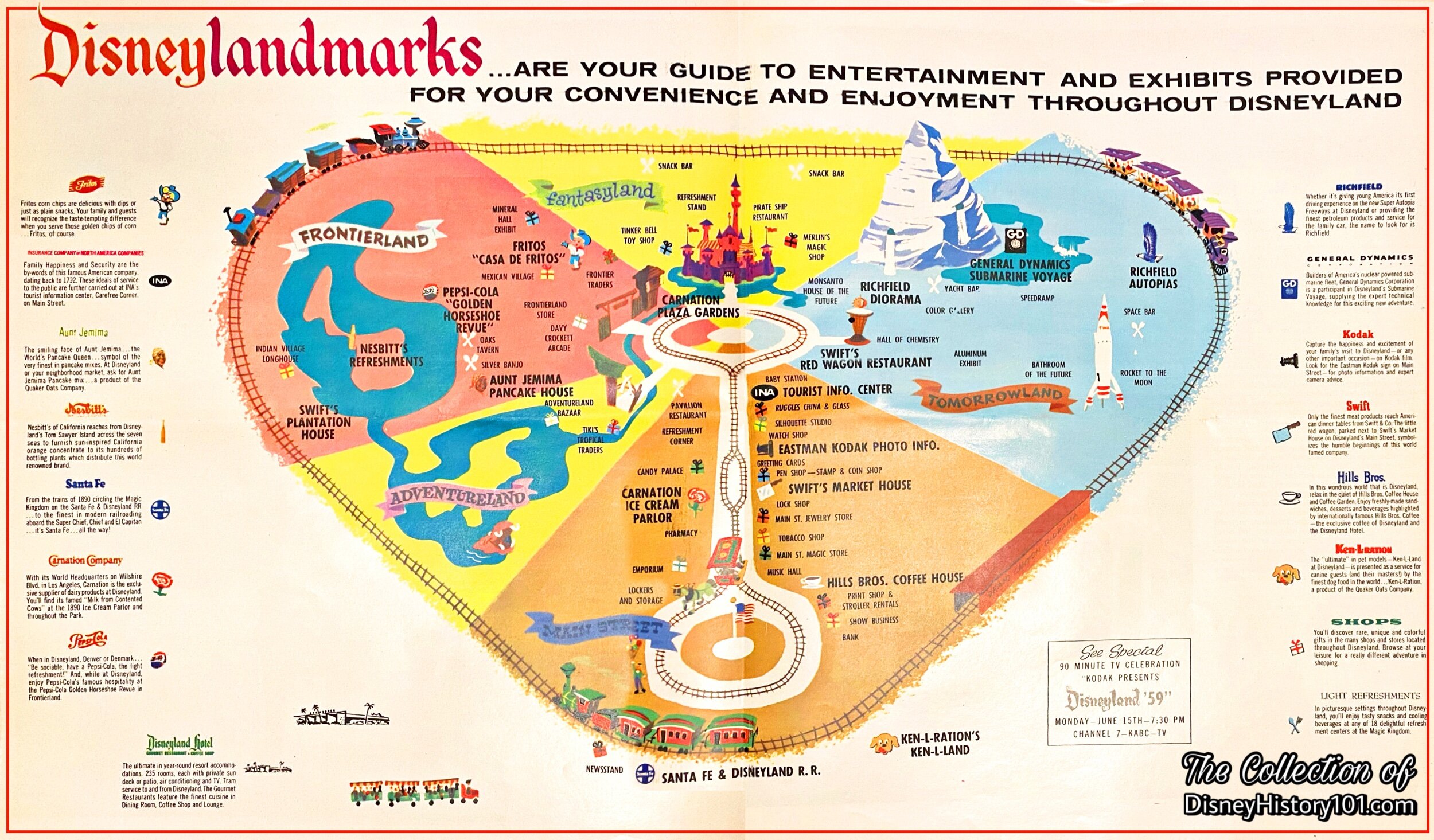
The corporate synergy between Disneyland, Inc. and the Atlantic Richfield Co. was good. Just a few years later, the institutional lessee Richfield Oil Corporation brought much revenue for Disneyland, Inc. For the fiscal year ended September 29, 1957, Richfield Oil brought $5,000 of revenue to Disneyland, Inc. from Fantasyland alone and a total of $75,000 for the fiscal year ending September 29, 1957. The following year, Richfield Oil brought revenue of $75,000 for the fiscal year ending September 28, 1958.
The trusted old firm continued to become a Disneyland sponsor, as well as a supporter of “Disneyland ‘59”!

In 1955, the Autopia was powered by products of Atlantic Richfield Co. sponsor. Guests of Disneyland were reminded to “fill up with the official gasoline of Disneyland” - “New Richfield Ethel… unsurpassed for Top Octane power.” A few years later, guests planning on leaving Disneyland for the day were encouraged to “remember to use the gasoline that gives that extra ‘get up and go’ to the family auto - Richfield Boron Gasoline - over 100 octane”! In addition, (according to another advertising campaign) guests also could treat their car to “‘the Official Gasoline of Disneyland - Richfield Imperial Boron - the Mileage Maker.” These products could be purchased in three nearby locations of “Todayland…” One Richfield station was located outside the beautiful Disneyland Hotel and two Richfield stations were conveniently located outside Disneyland, in order to serve guests (one at 1340 South West Street, at Winston; another at 1451 South West Street, on the old Rene Quatacker 5½-acre plot, at the southeast corner of West and Katella, next to the Disneyland Hotel). The telephone numbers to each of these stations was even listed in the 1960 Disneyland Telephone Directory. Later, stations were located at 1780 Euclid Avenue at Katella, and also at 1201 Brookhurst Avenue (at Ball Road).
Advertisement promotions during the era of Disneyland and Richfield meant many perks for guests of Disneyland and Richfield Stations. During 1955, Free Disneyland Comic Books were given to Richfield Station customers and guests of the Richfield Exhibit in Tomorrowland and young Richfield Autopia drivers. And, who could forget those souvenir Richfield Autopia Driver’s Licenses? During the 1960s, Disneyland guests were reminded, “Don’t forget to ask your friendly Richfield dealer for the colorful, informative Official Disneyland Road Map. It shows you the easiest ways [or, alternative routes] to reach Disneyland. It’s free - compliments of your local Richfield dealer!”
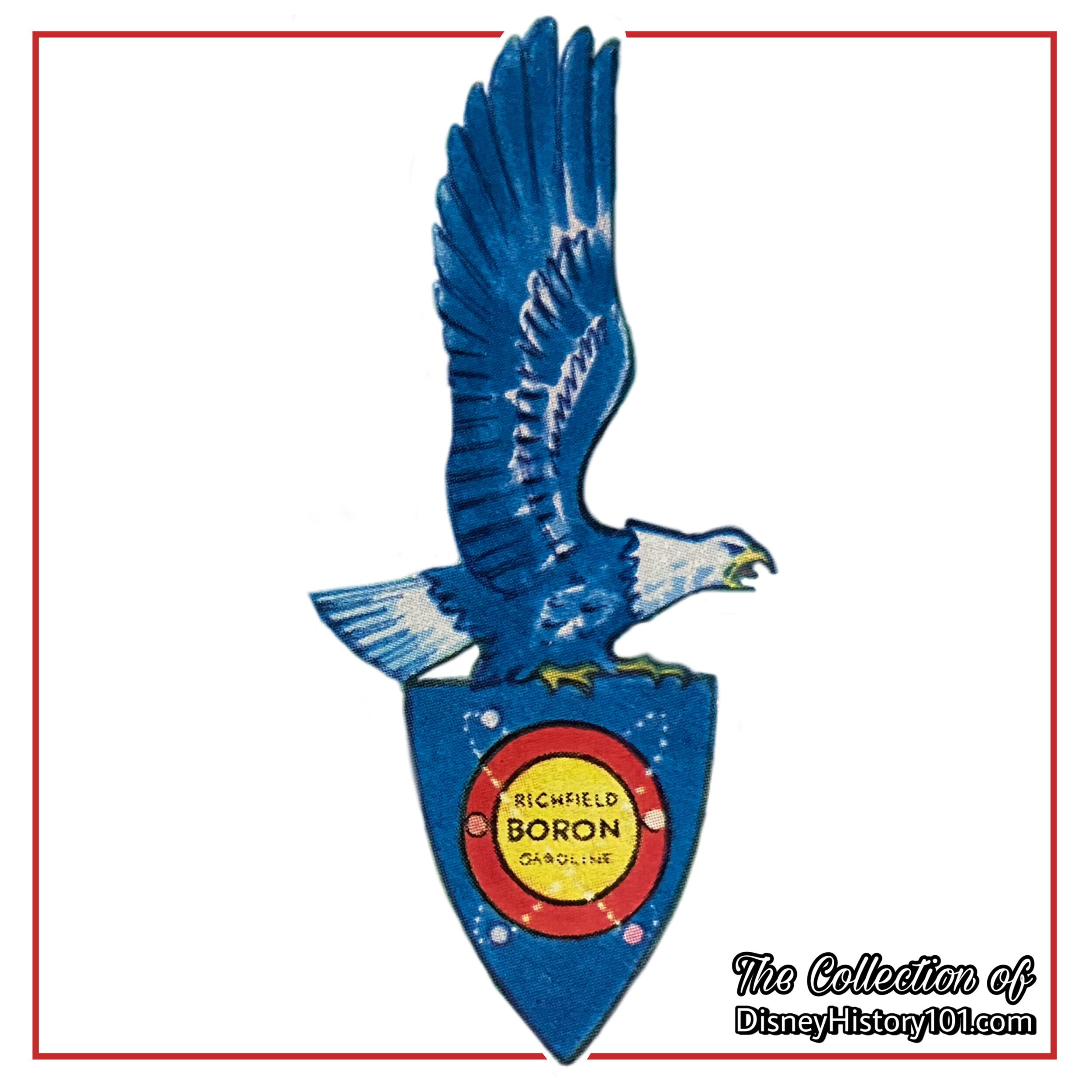
Just below the Skyway, you’ll notice the Atlantic Richfield Oil Corporation’s majestic and iconic eagle (in the corporate colors -yellow and blue), rising above the attraction’s entrance awning with pinions raised, while firmly clutching a Boron molecule with its phalanges! Each Atlantic Richfield Autopia car’s gasoline engine is fueled with New Richfield Ethyl. The Richfield Eagle was part of the original entrance designs created by artists at WED Enterprises Inc. and Disneyland Inc. Foremost of these was Gabe Scognamillo, who oversaw the design of the Autopia queue, the overhead Richfield Autopia neon sign and positioning of the Richfield fuel pumps located near the Autopia Loading Zone.
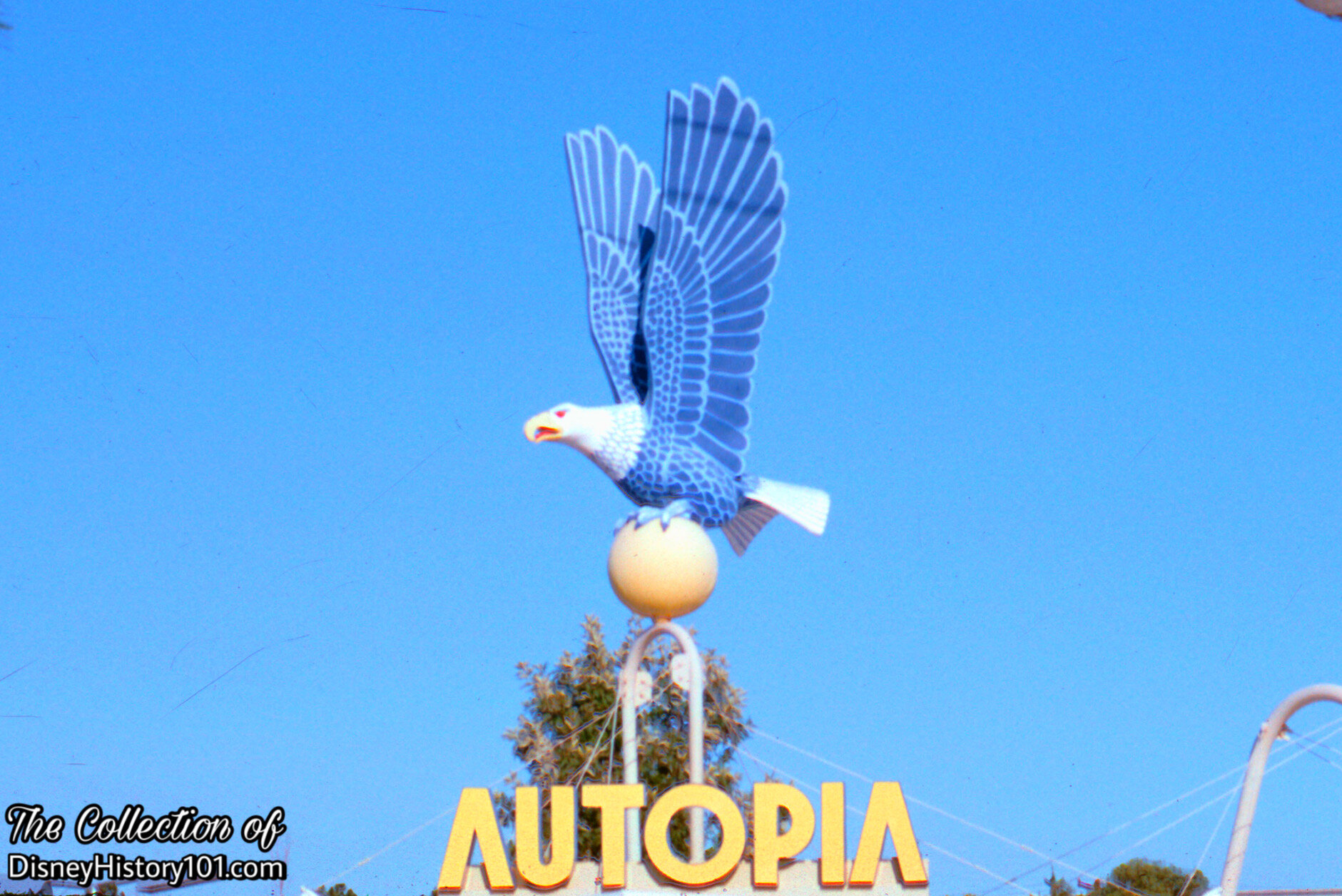
At Disneyland, signs were themed to support the stories with respectful graphics, colors, fonts, terminology, the overall design of sign, materials (wood, metal, banners, etc.), and verbiage used on the signage. The majestic Richfield Eagle would spread it’s wings and soar over the Super Autopia Freeway queue for a decade-and-a-half, until 1970 (when Disneyland Participant Affairs and Participant Richfield could not negotiate a new cooperative agreement to maintain their ongoing relationship). So, Richfield’s sponsorship of the Autopia would cease. By that time (1970) , a total of 47,756,550 guests had sat behind the wheel of an Autopia automobile on one of Disneyland’s Autopia Freeways [Admission Media Rides and Attractions Reports, published by Disneyland Research Department, April, 1971].
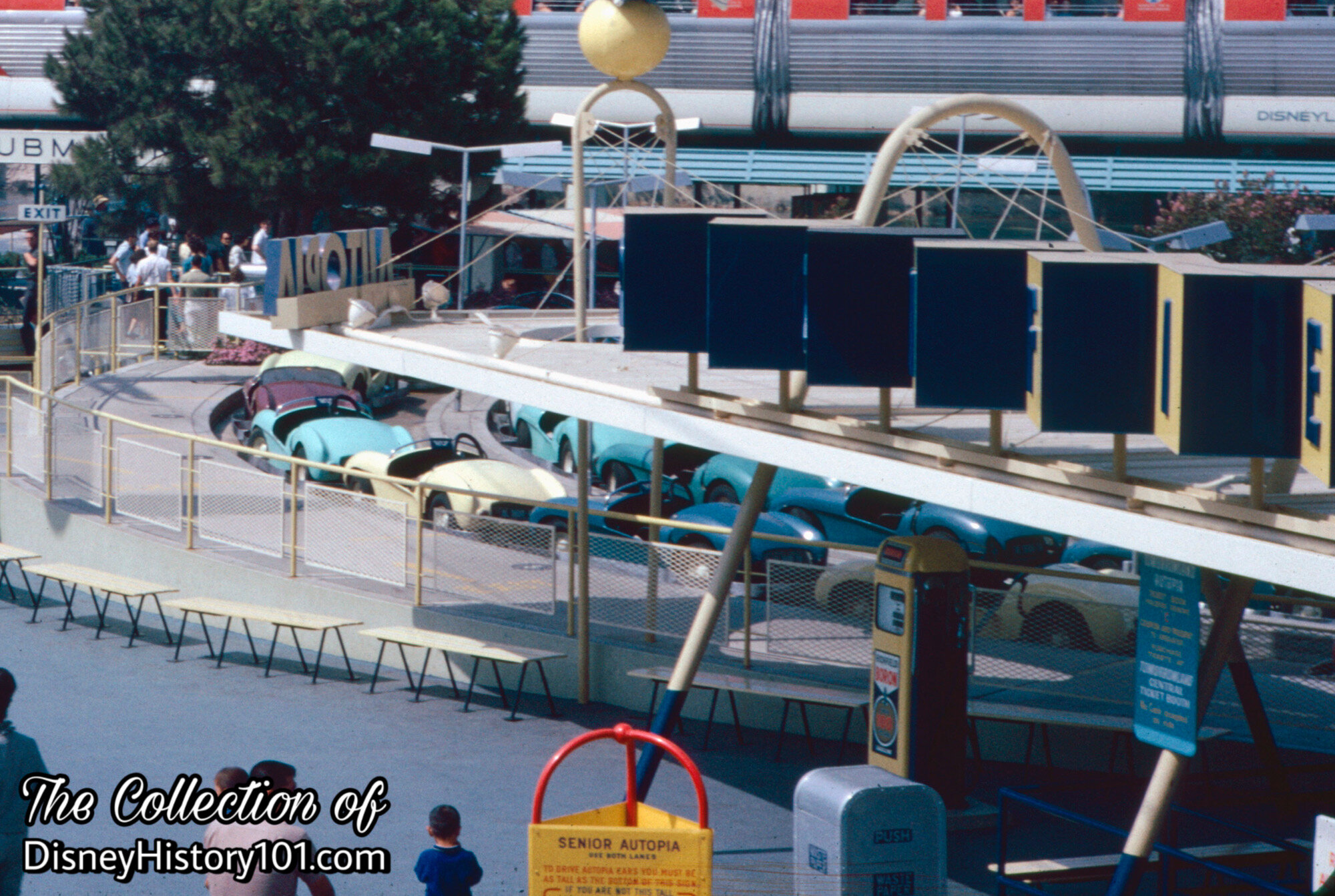
To the right (in the above Vintage View), you’ll notice the Richfield Autopia entrance awning made to resemble a fueling station. The original sign (with its bold Richfield name in lights) was partially designed by Italian Art Director Gabriel Scognamillo (who helped design the Upjohn Pharmacy facade, the Tomorrowland Automat, those towers bearing flags over the exhibit halls, those yellow canopies around Tomorrowland, and the four Richfield fuel pumps near the Autopia Loading Zone).
The original sign was manufactured by QRS Neon (of Los Angeles), was renown for providing neon signs to numerous service stations and shopping centers around the county of Los Angeles. QRS Neon won the bid, gathered the necessary neon tubing and other materials, and manufactured the custom letters - all in the nine to ten weeks up to Disneyland’s Grand Opening Day!
All of the final signage and props met the approval of both Cornelius Vanderbilt Wood (Disneyland’s first employee, responsible for much of the hired talent during Disneyland’s construction phase) and Mr. Hutchinson (Assistant General Sales Manager of Richfield Oil Corporation).
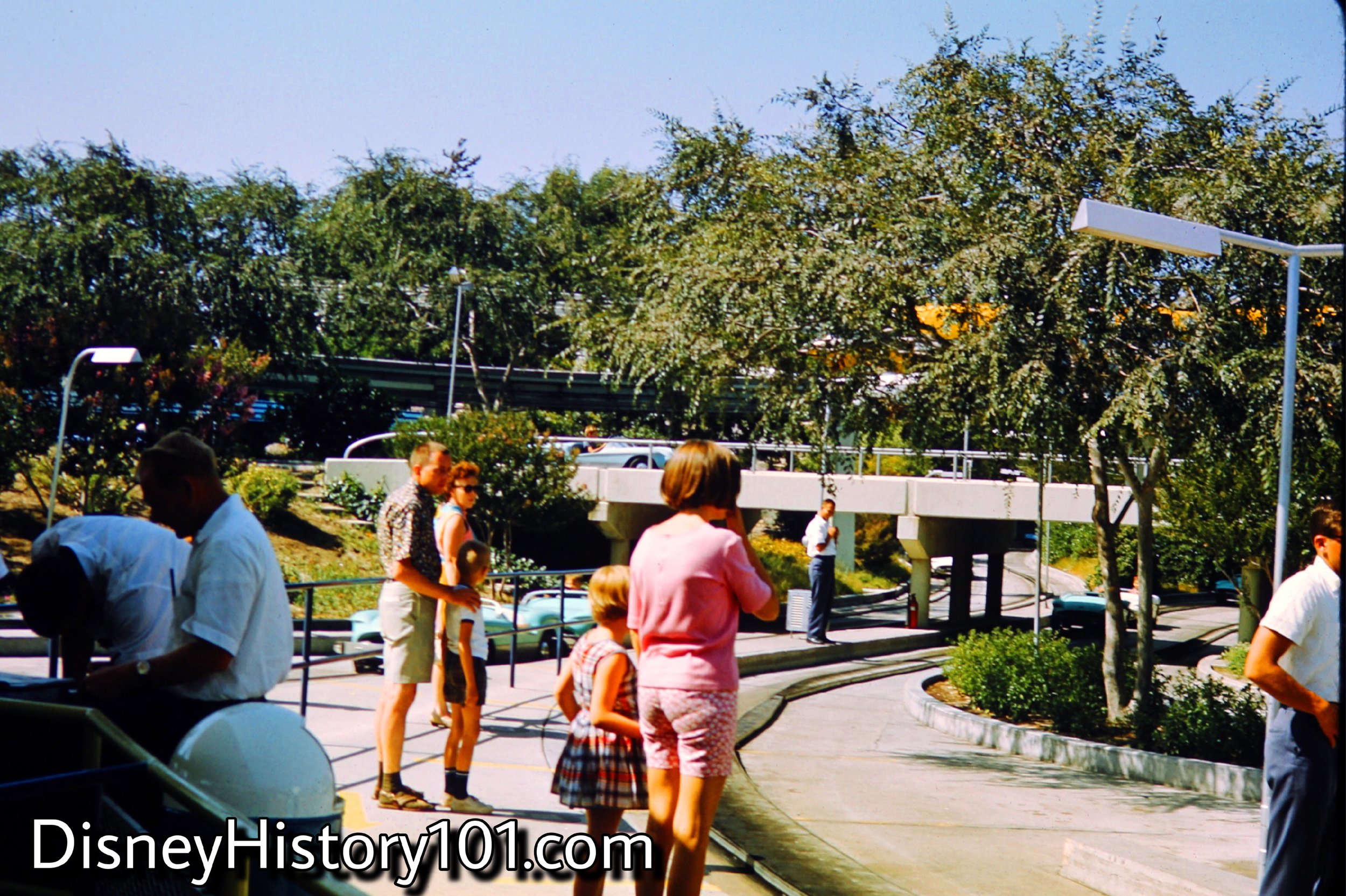
As Disneyland’s new yellow Monorail passes swiftly and almost stealthly through the trees, we catch our first glimpse of the Tomorrowland Autopia tracks below.


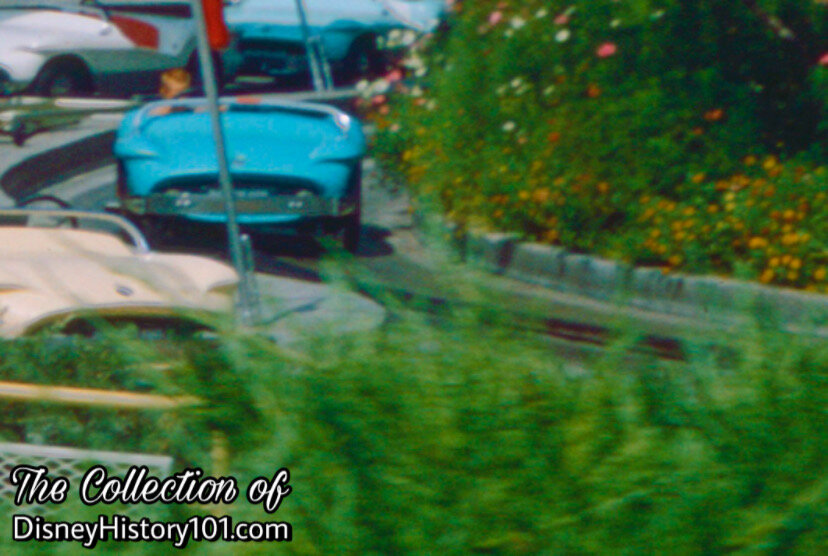
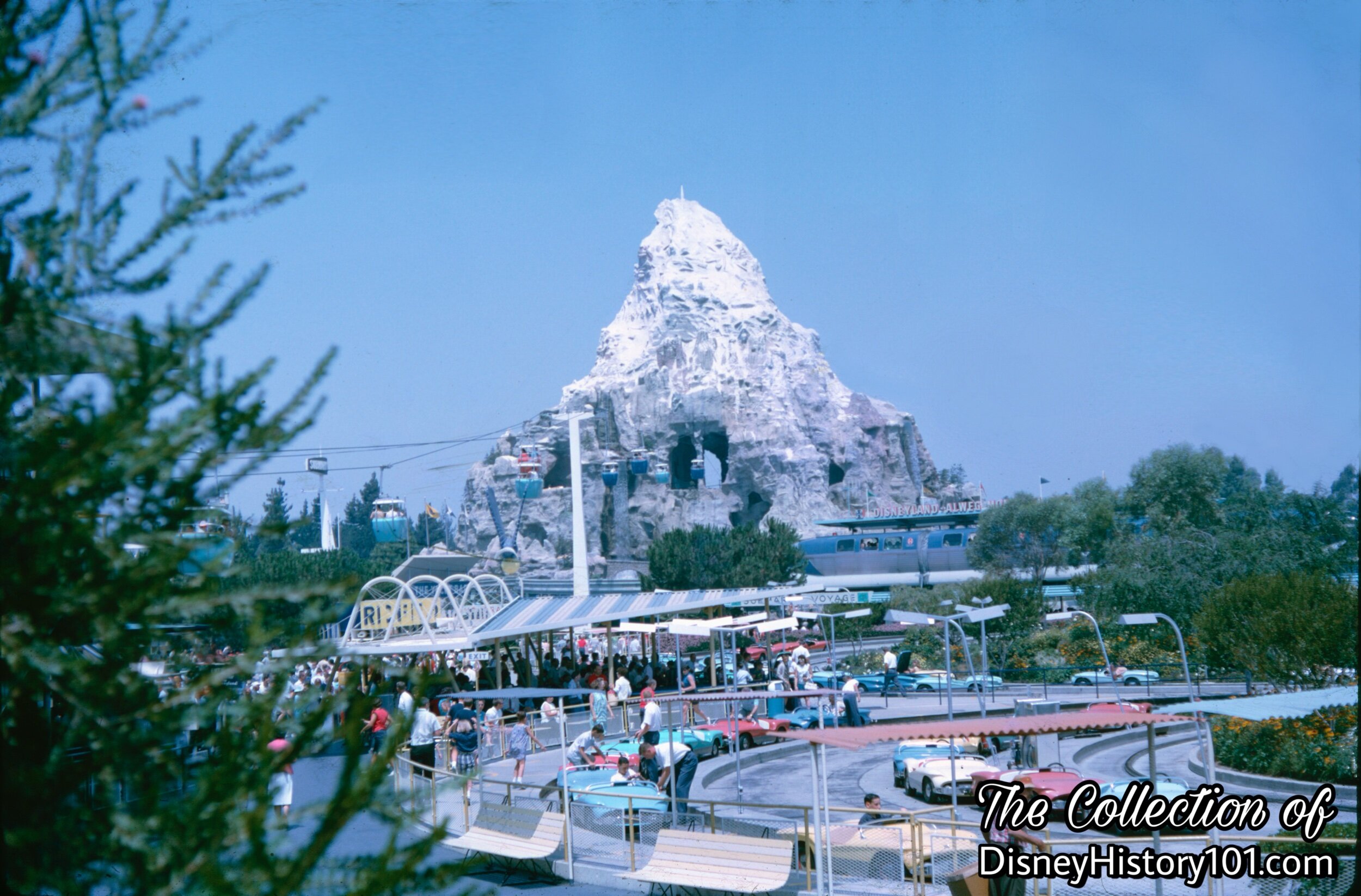
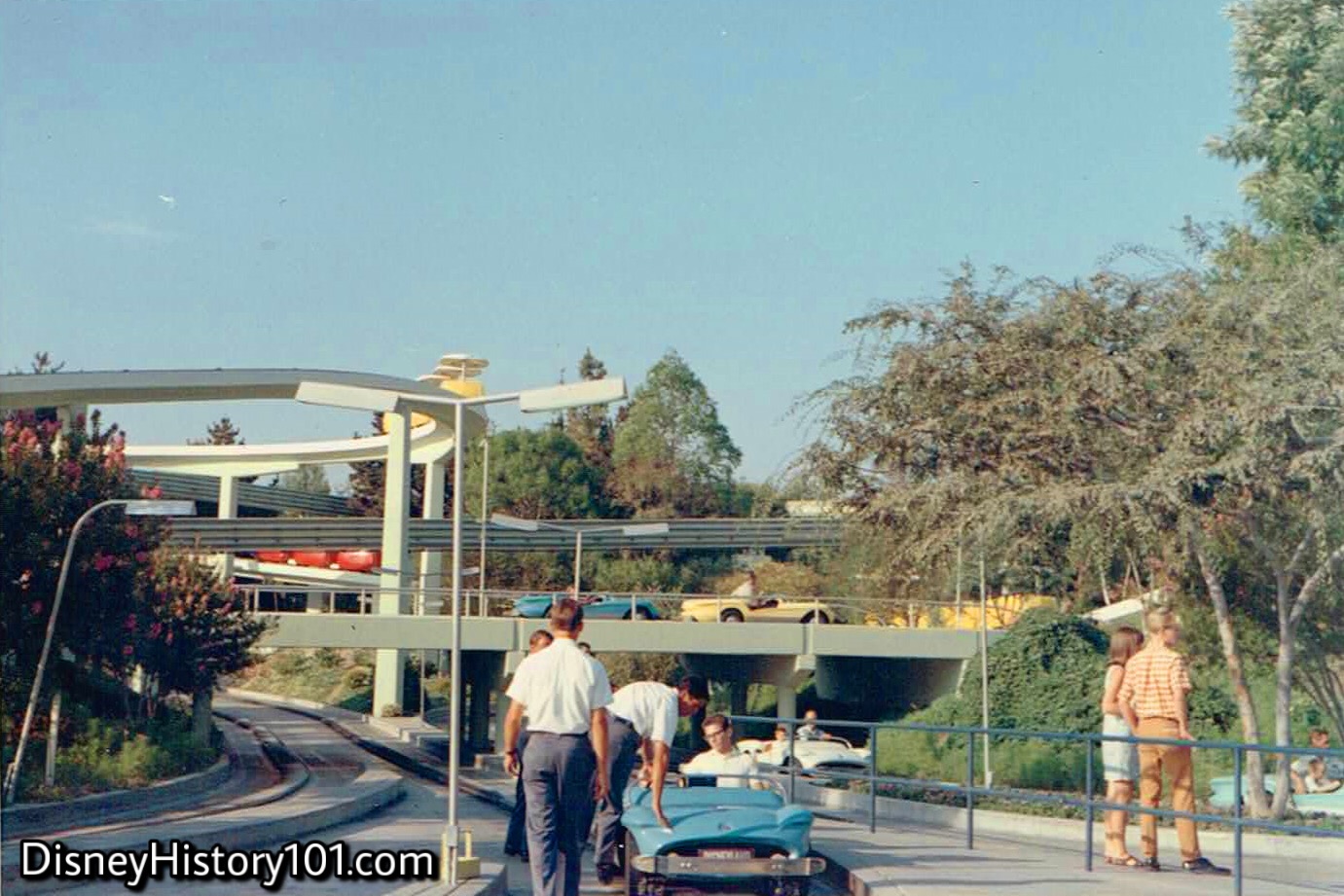
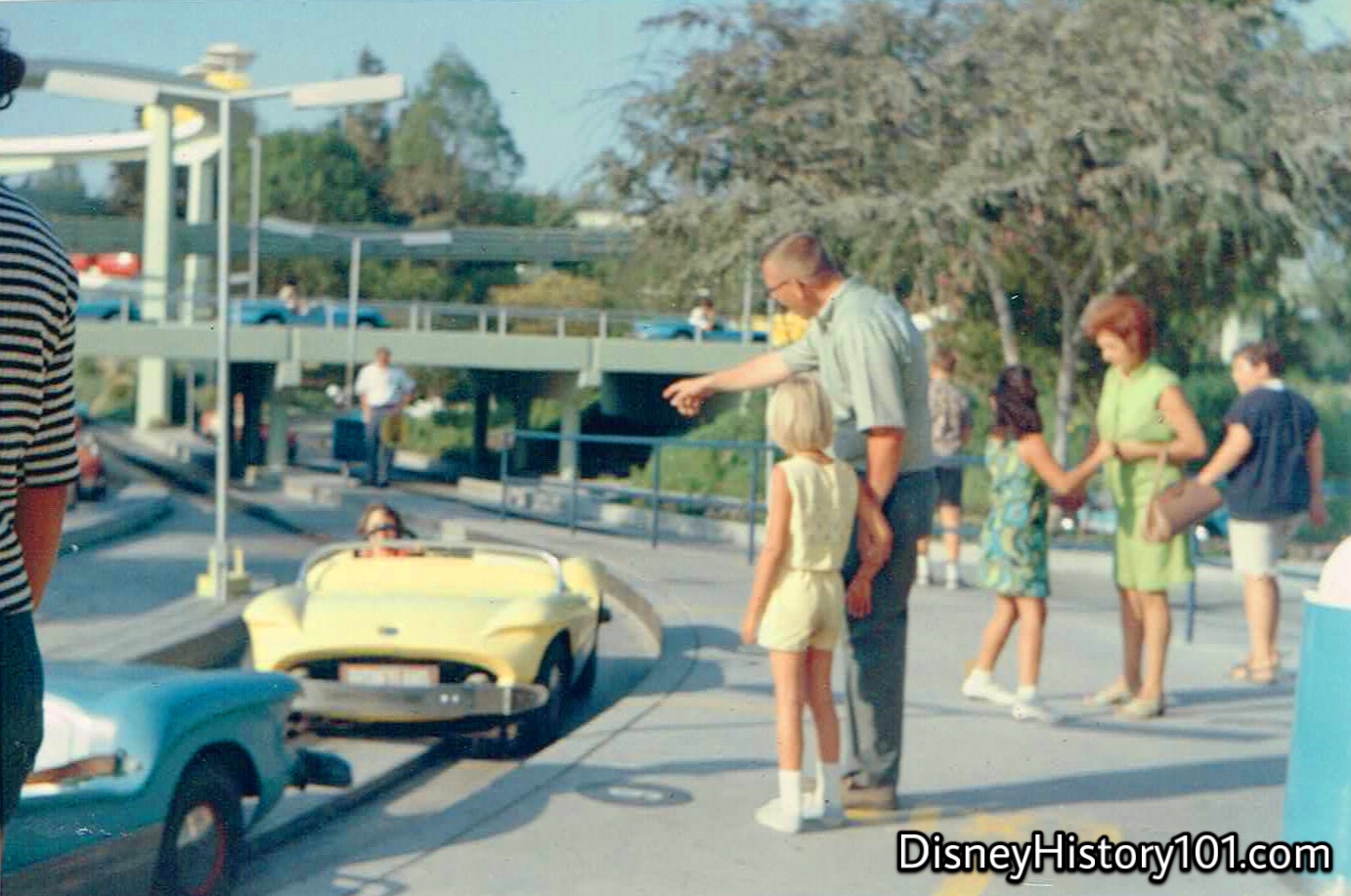

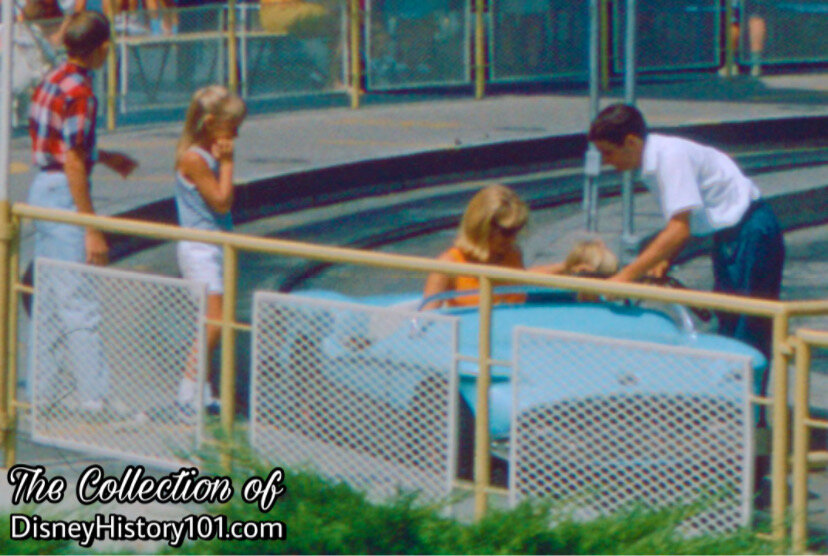
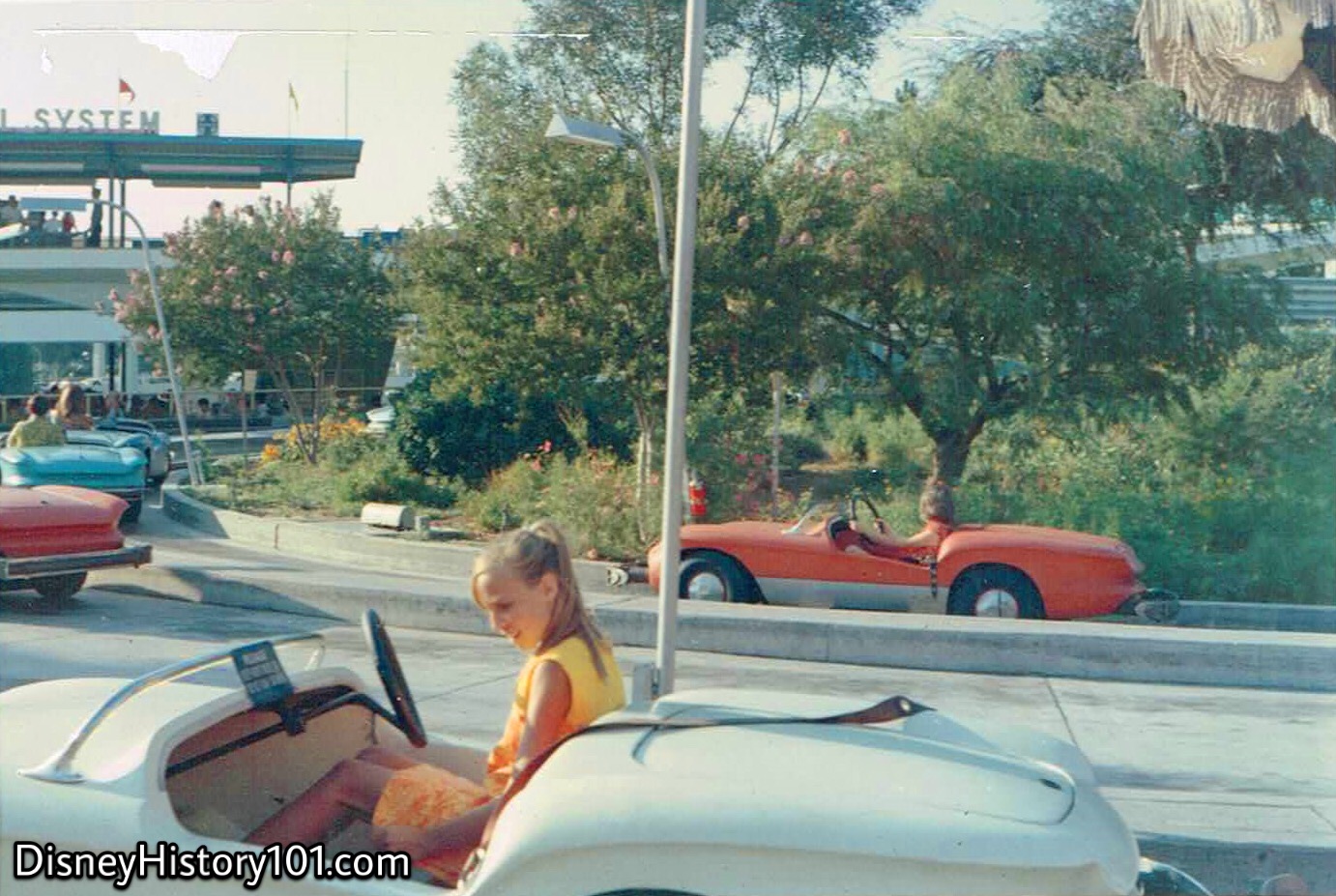
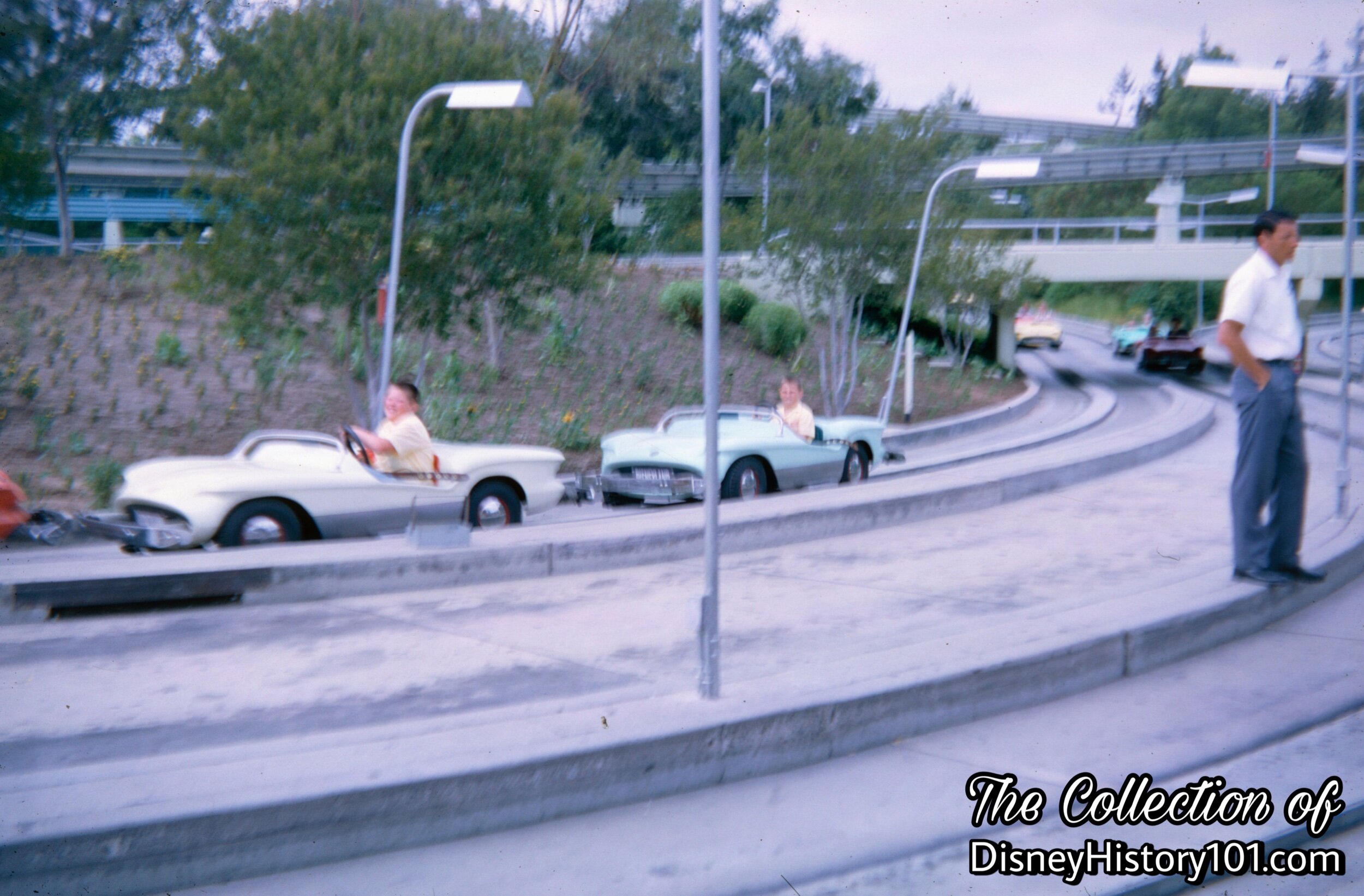
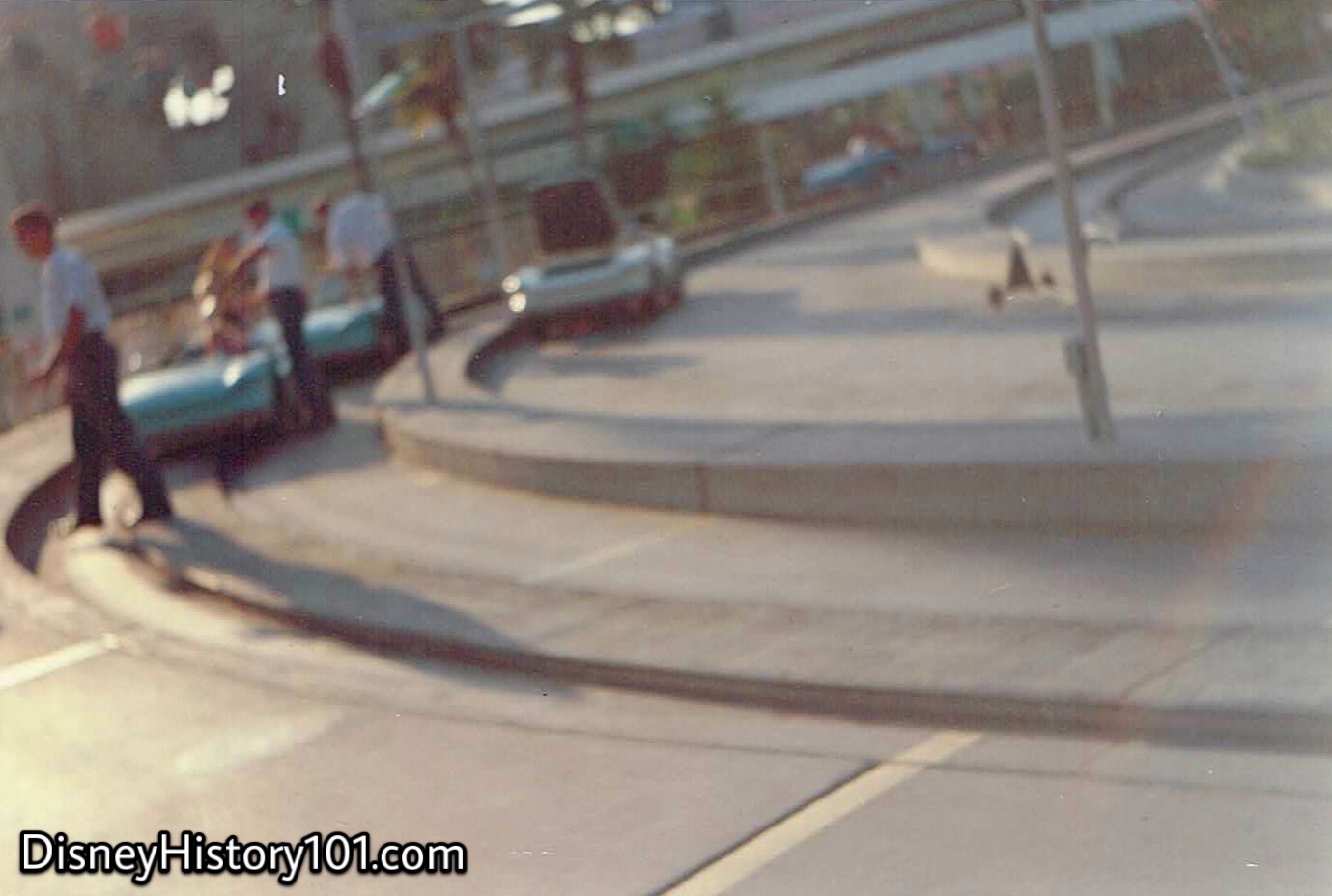
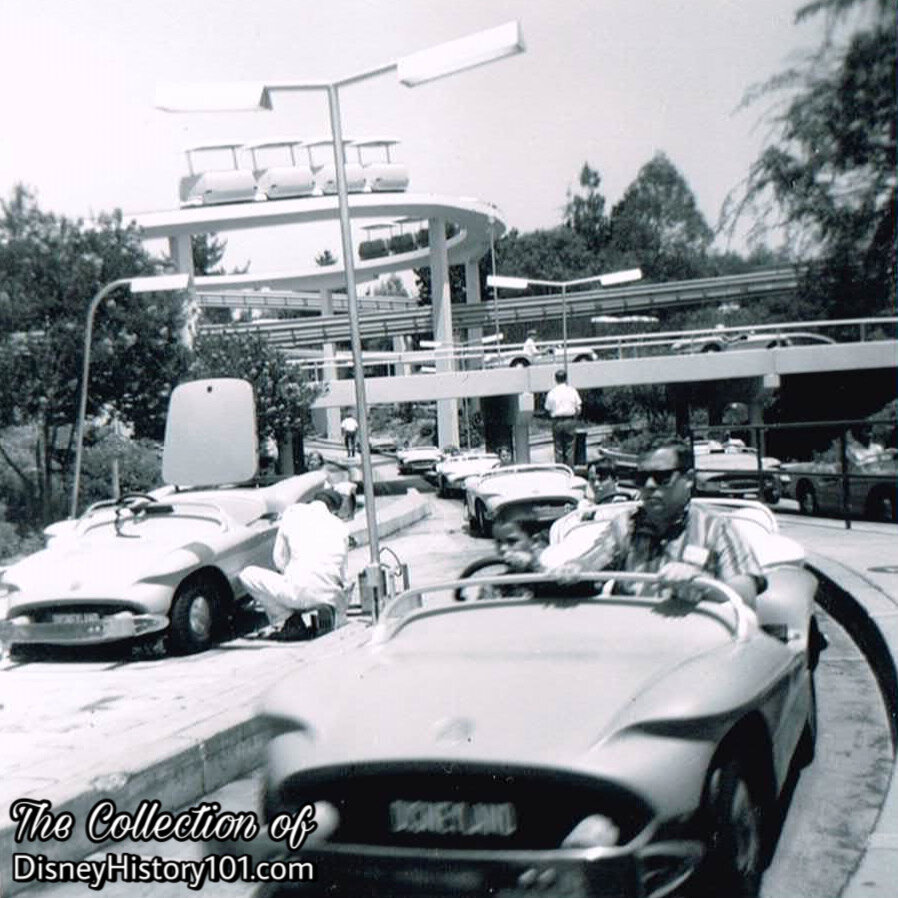
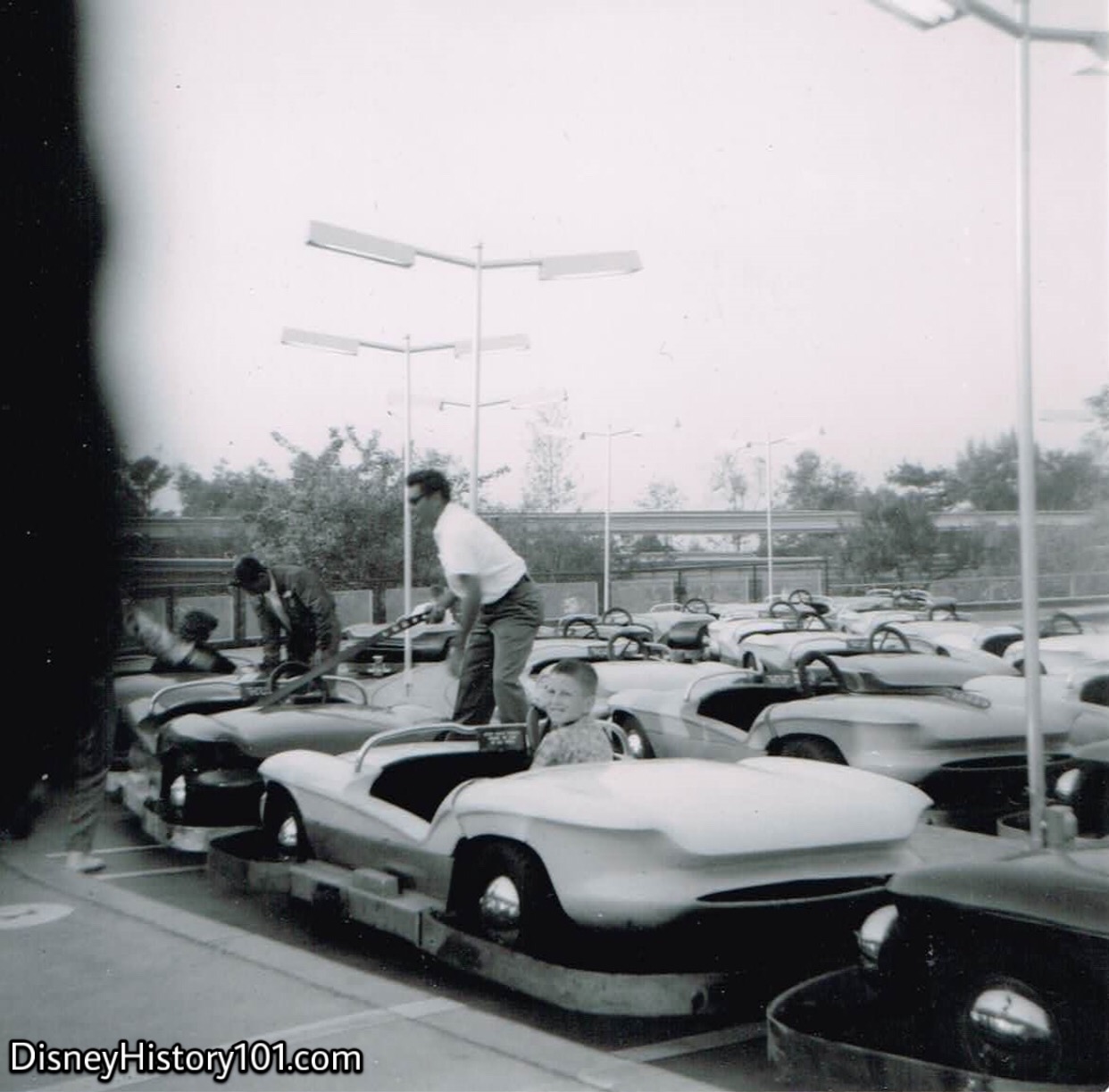
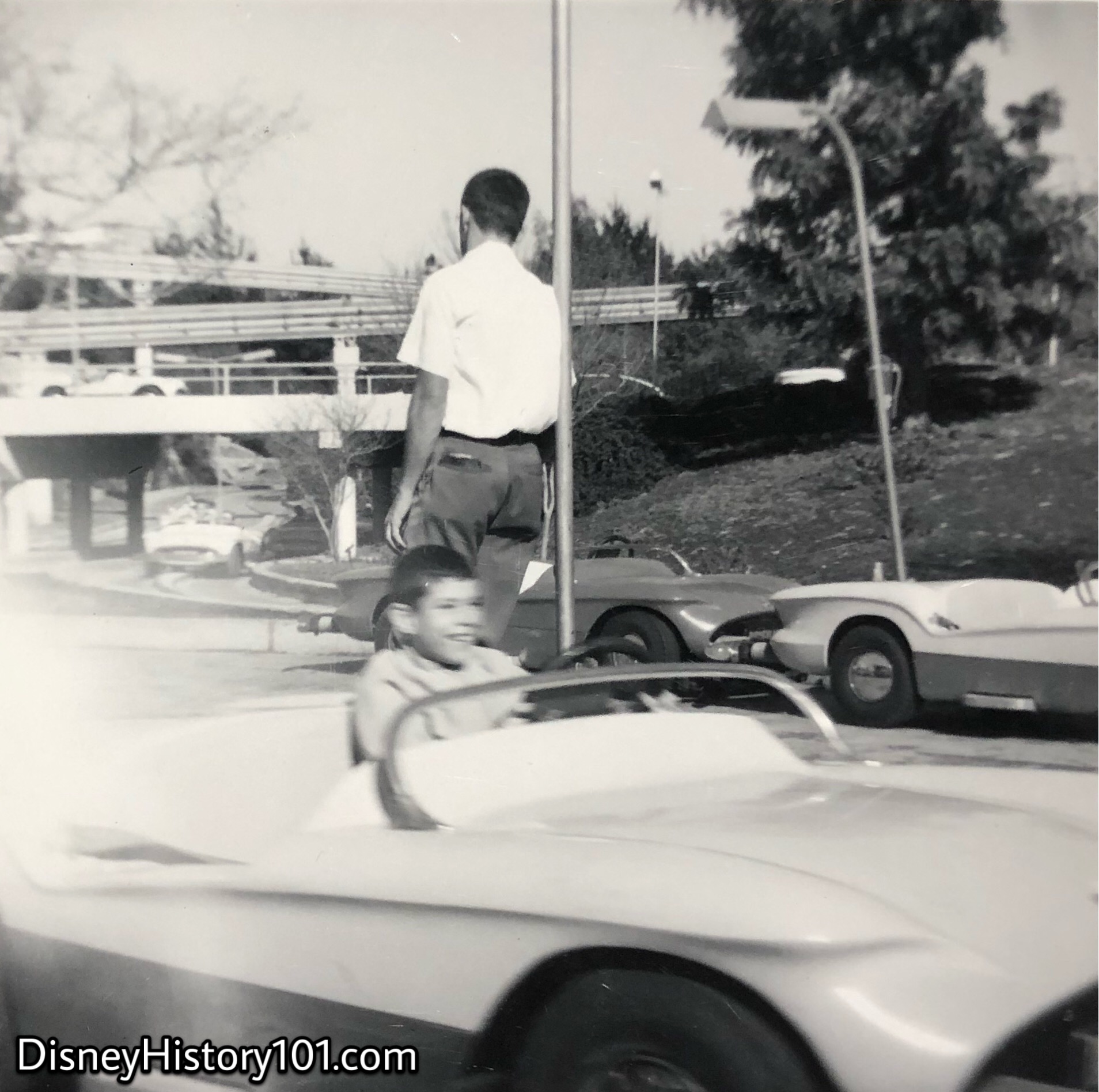
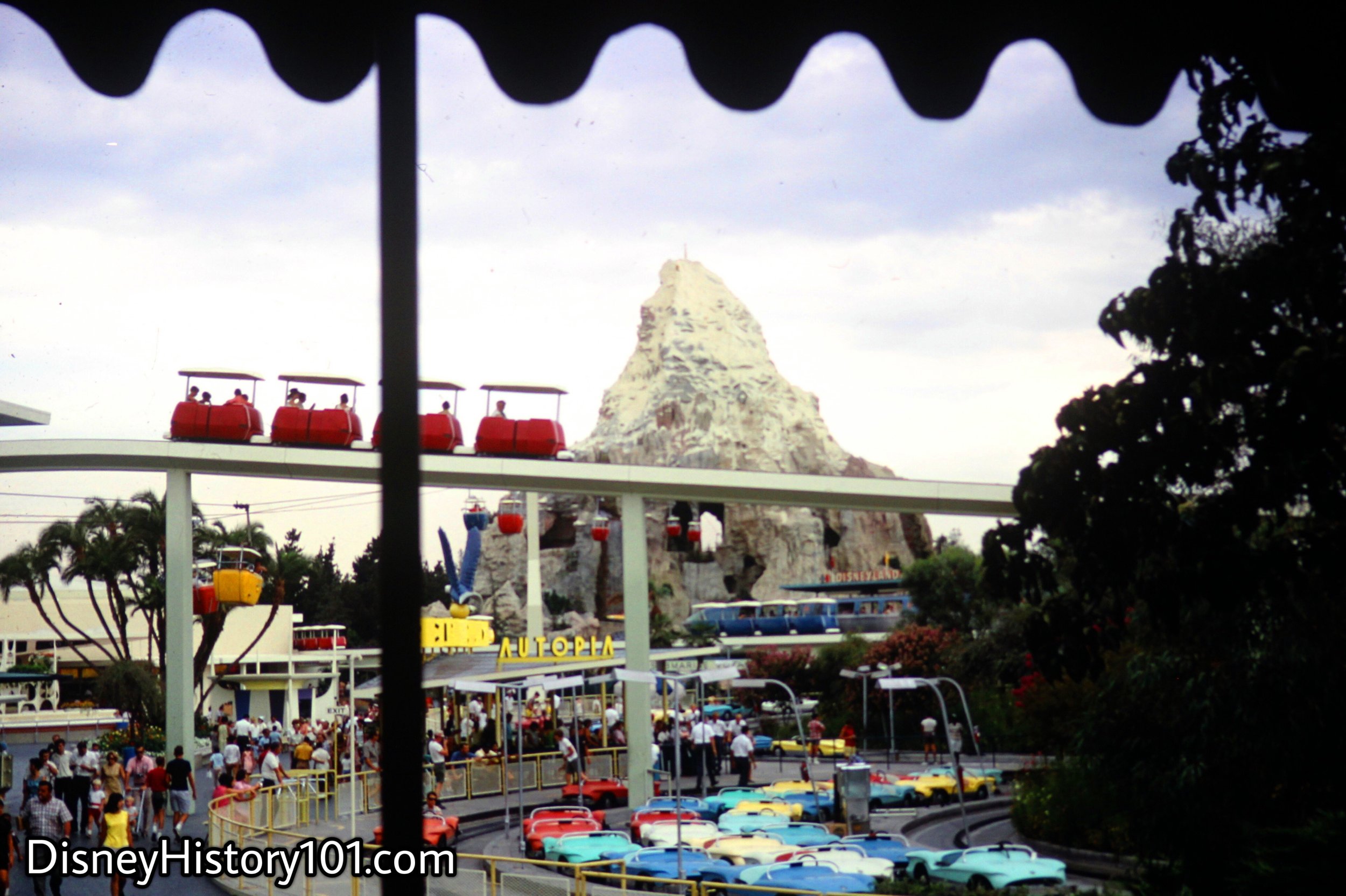
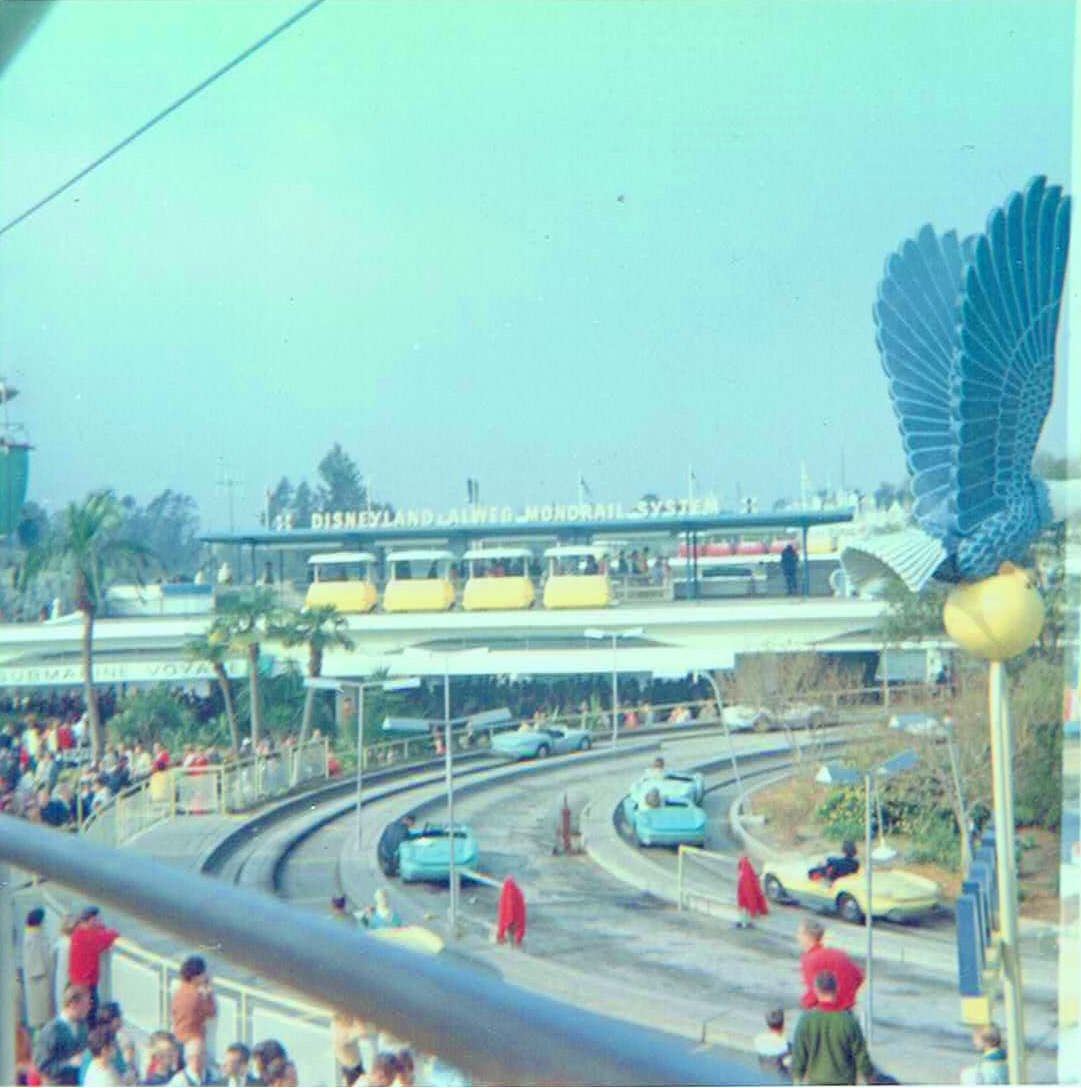
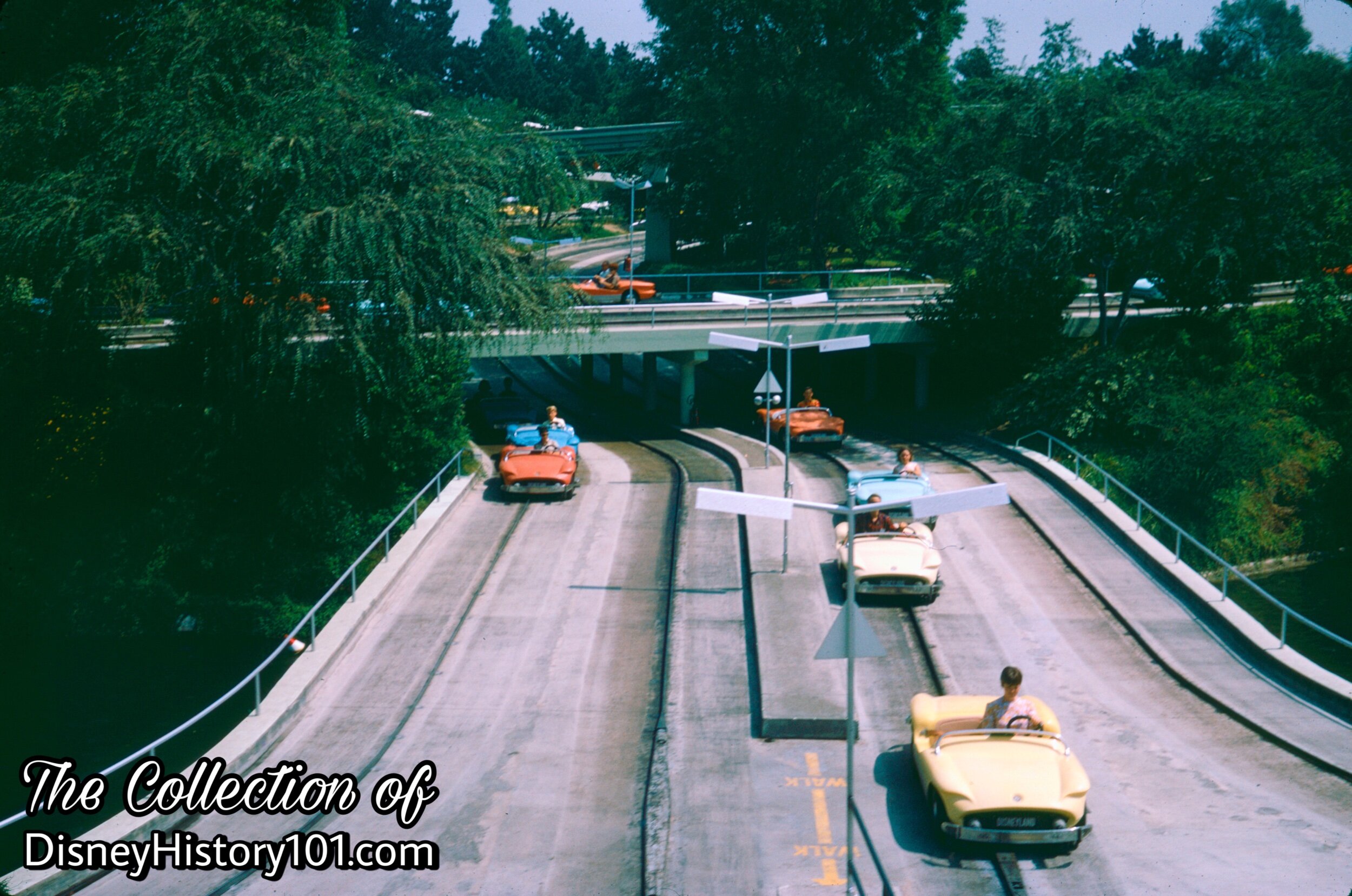

The majestic Moonliner hull, and Skyway station were barely visible from some stretches of Tomorrowland Autopia’s wooded highway.

According to “Walt Disney Disneyland” (first published 1964), “Side by side with youngsters gaining their first experience behind the wheel of a real gasoline-powered automobile are the adults who usually grumble and fume about traffic on Southern California’s full-size freeways. They actually seem to enjoy joining the junior size traffic jams in scaled-down sports cars.”
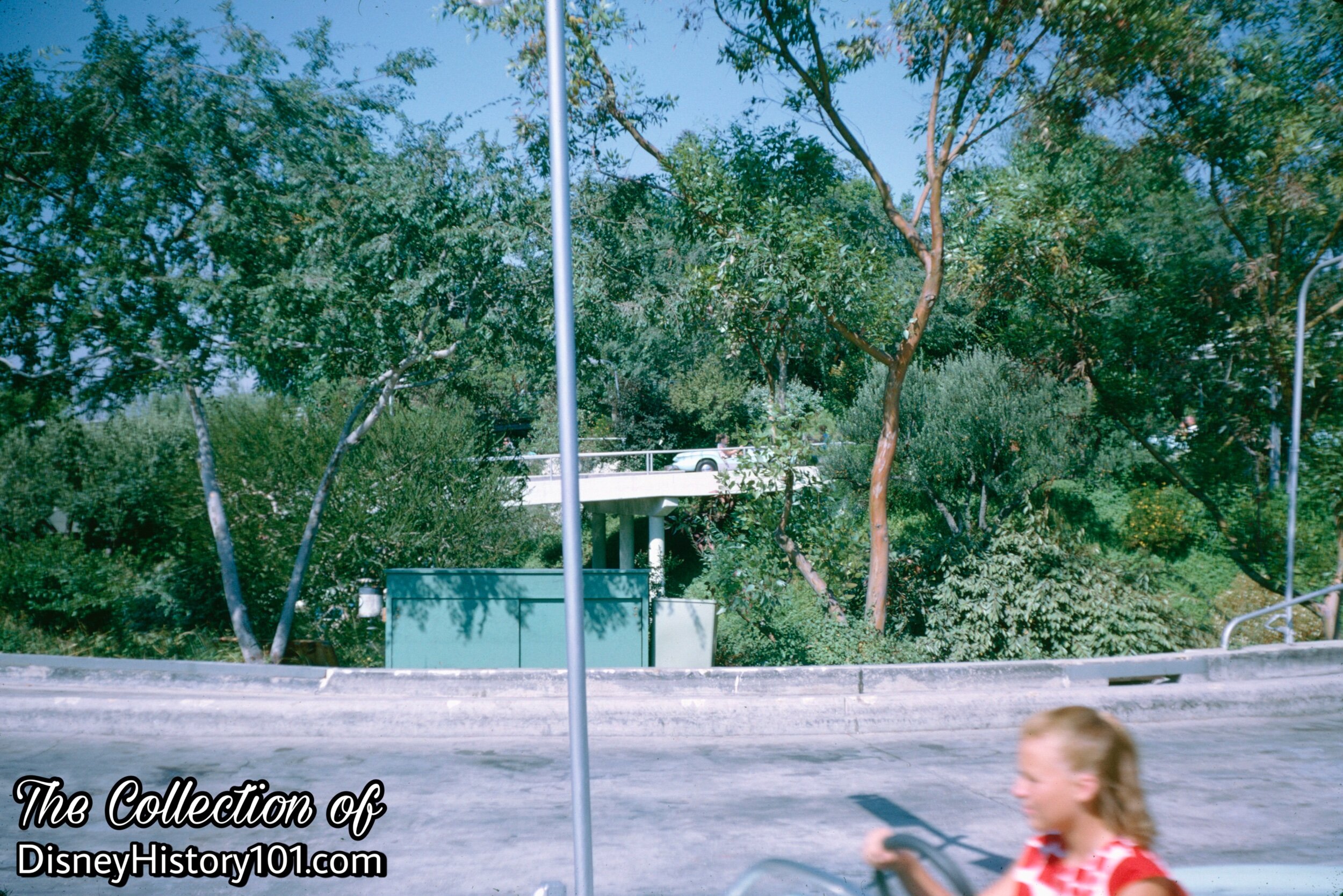

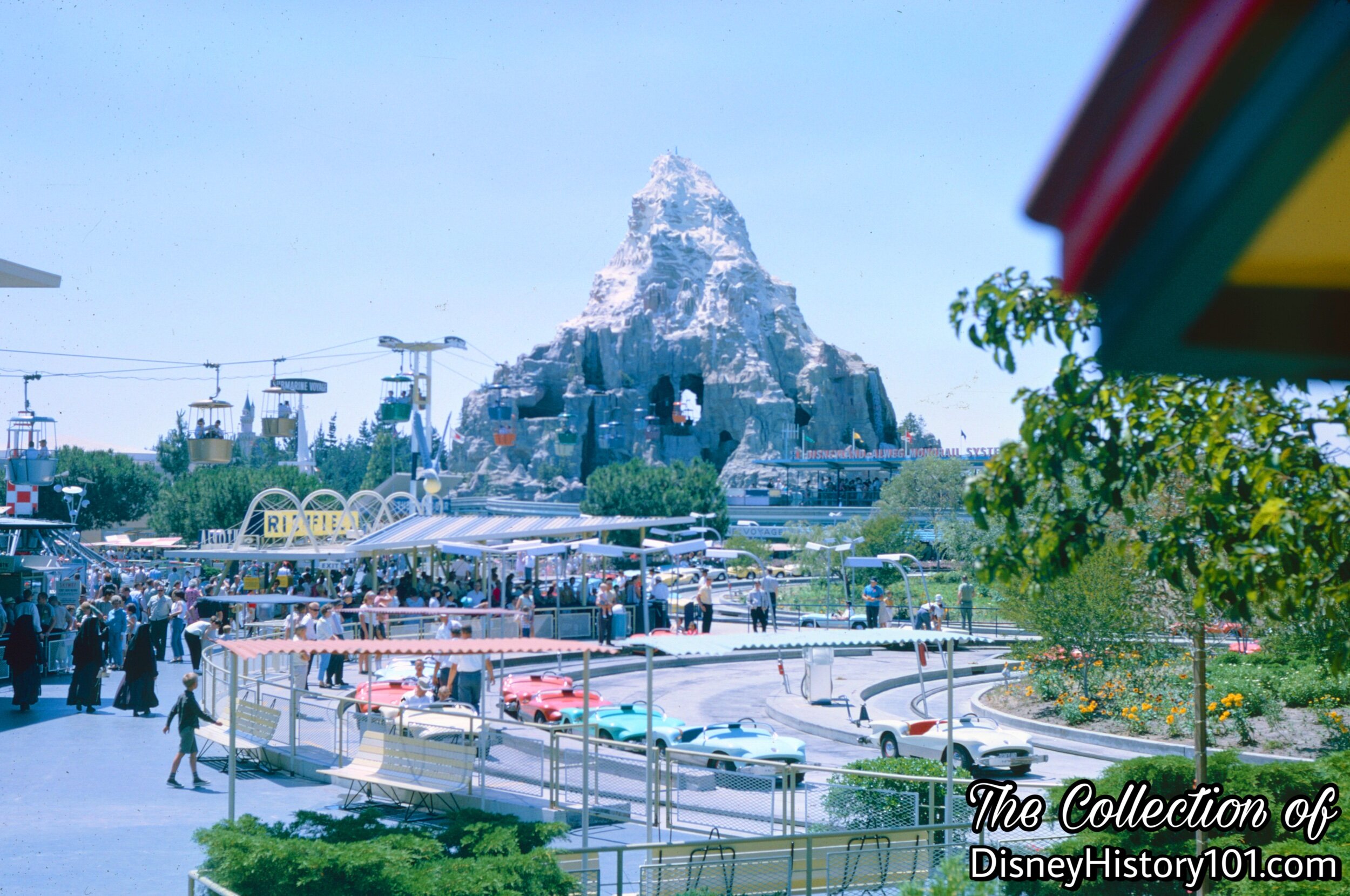
Note the colorful new flowers!
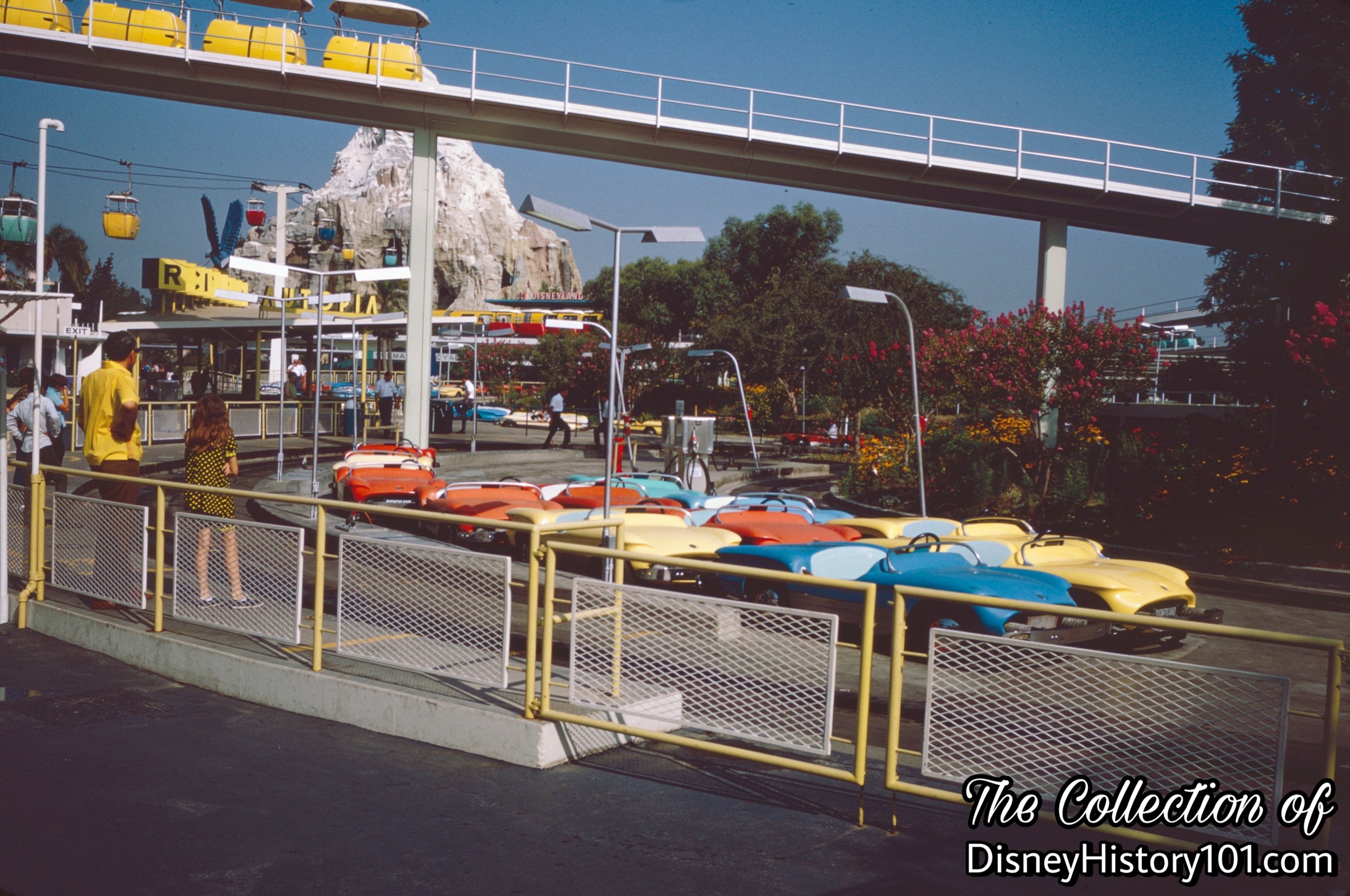

During late 1967, perhaps the most memorable (and most costly) of the Autopia Models were nearing completion - the Corvette Stingray-inspired Autopia Mark VII - at the cost of $5,000.00 each!
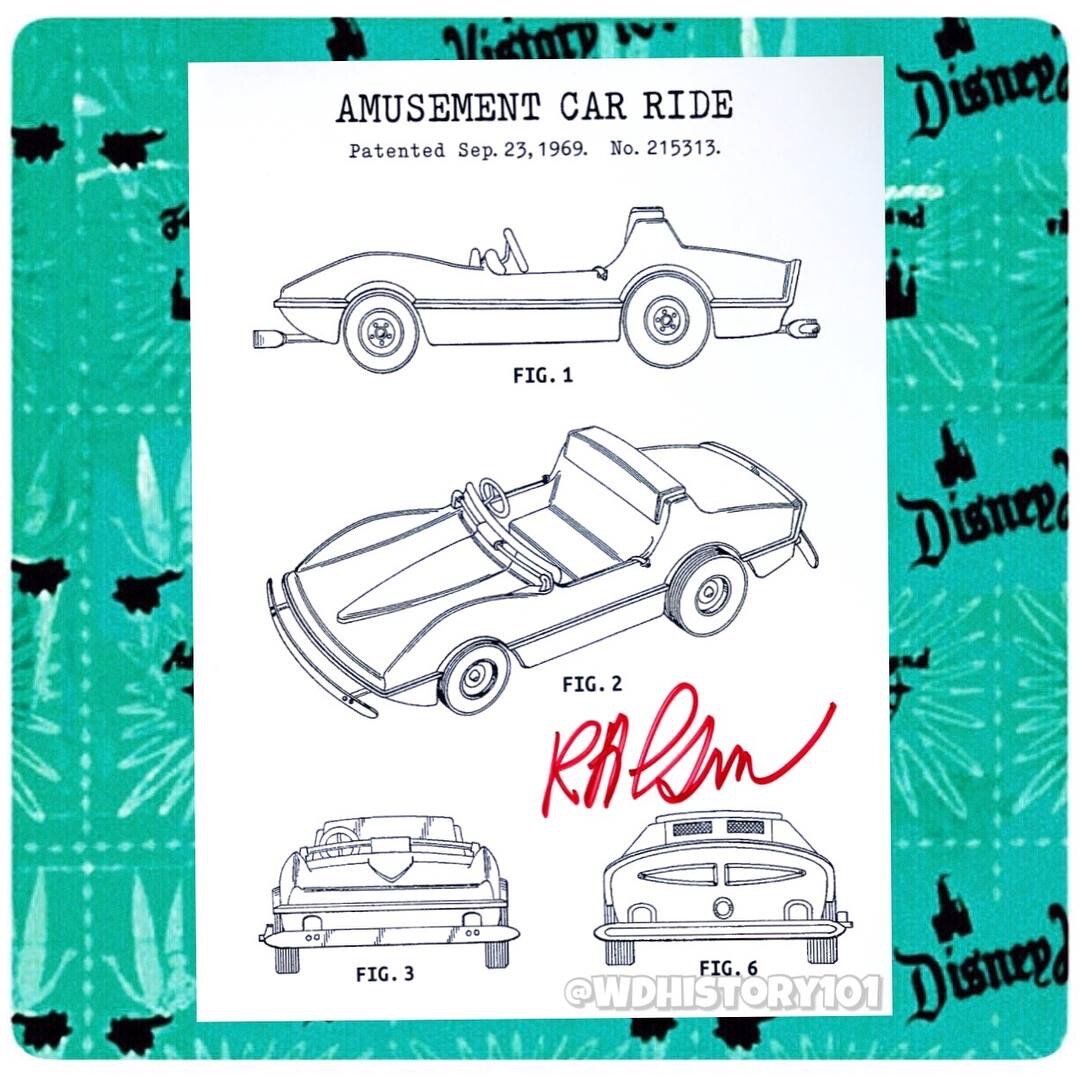
Everything about them (appearance, seat padding, bumper cushions) was completely new, except for their 7 1/2 horsepower motors. These were manufactured by Arrow Development, to the specifications of Bob Gurr’s engineering renderings. The new vehicles weighed 1100 lbs. and had the average maximum speed of 6.2 miles per hour.
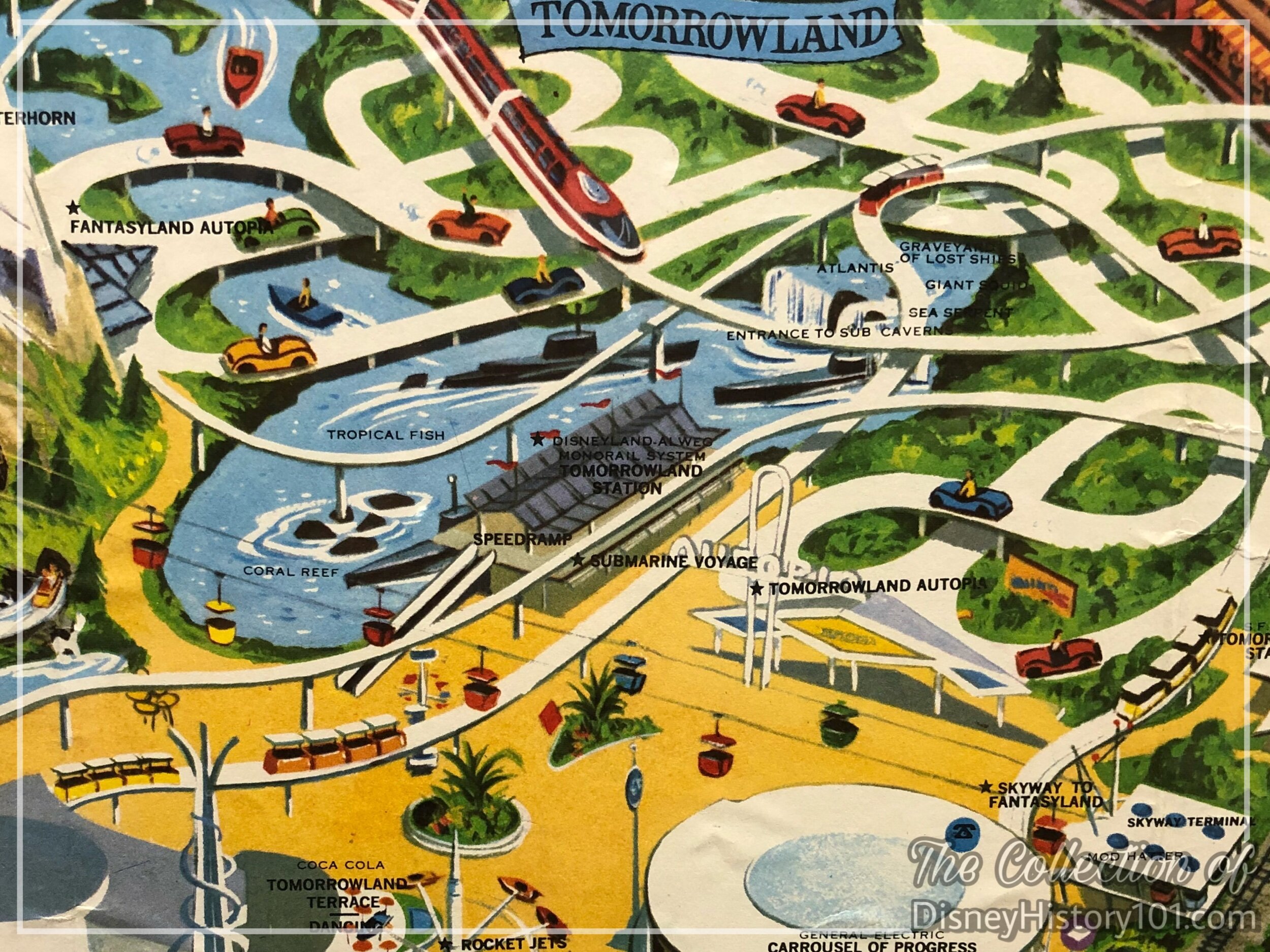
The following year (in 1968), the Tomorrowland Autopia track received a redesign (with lengths of 2,282 feet and 2,338 feet), where the Autopia Mark VIIs debuted. This was the last Autopia Model that the Richfield Oil Company would sponsor, as their Participation at Disneyland was discontinued during 1970. Soon, “Disneyland Attraction Time Studies” for 1968 revealed:
A total Theoretical Hourly Capacity of 1,796 (at 2 guests per unit),
An Instantaneous Capacity of 72 guests per track,
An Audience Control Capacity of 307,
Cycle Times of 4:44 and 4:50
Unload Time of :09
Load Time of :07
Ready Time of :16
Trip Time of 4:12 and 4:18
Dispatch Interval of :08
Trips Per Hour at 450 and 448
The Autopia had a Legacy in the Grand Prix Raceway in the Magic Kingdom at Walt Disney World. As late as 1971, Disneyland still had a junior autobahn for shorter guests, and senior autos for guests taller than four feet. And yet, these models would have the most longevity of any (despite the Autopia car usage cutbacks, during the gas conservation of 1979). At first, these durable (and brand new) Autopia Mark VIIs cars would just run the course of the Tomorrowland Autopia, continuing to do so for a little over three decades (1968-1999). During that time, these sleek automobiles would delight and excite three generations of guests!
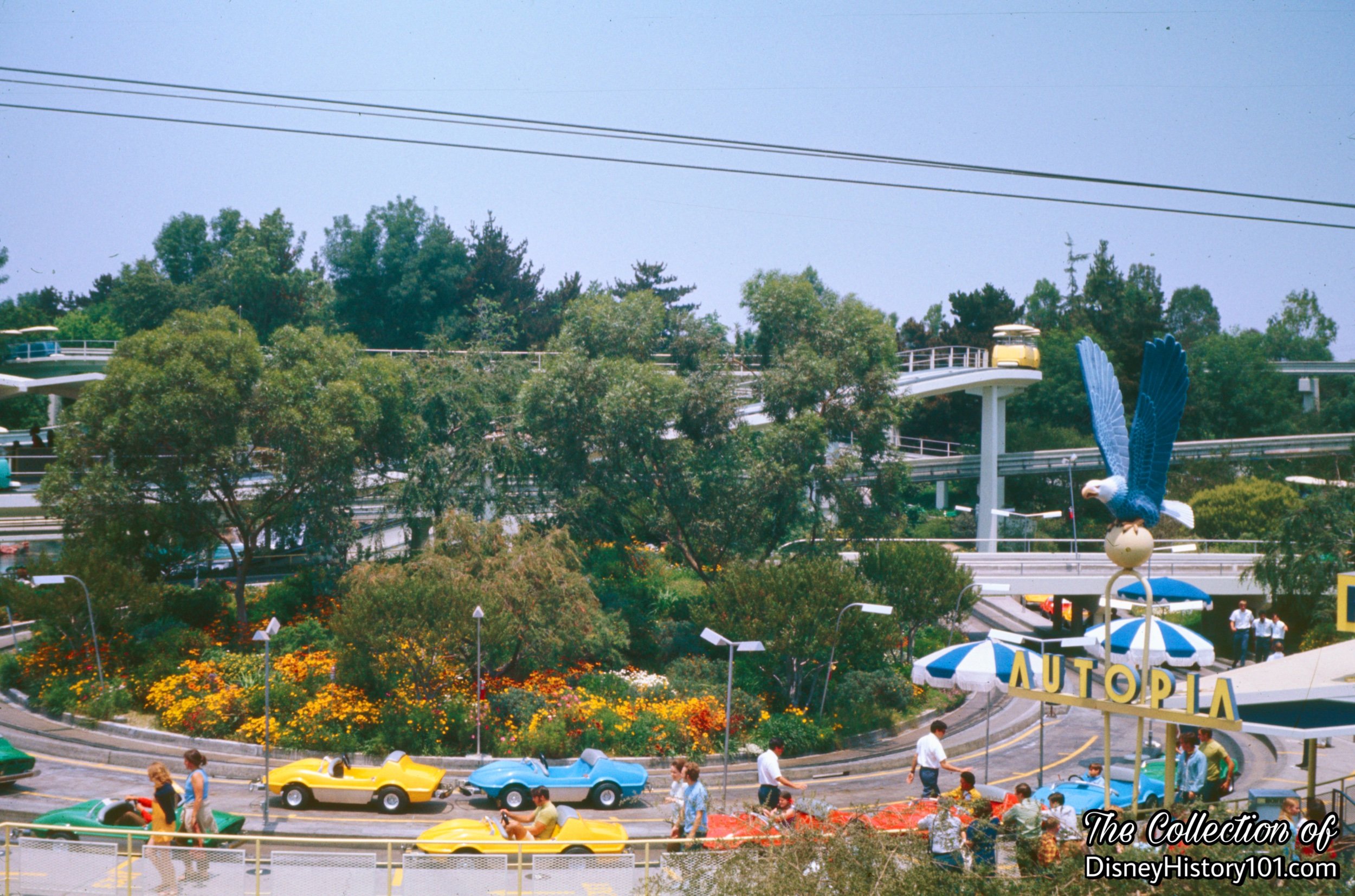
According to Bill Evans (“Walt Disney Disneyland World of Flowers”): “Crape-myrtle trees line the Autopia free-way, with lantana and gloriosa daisies planted in the dividers. Bermuda, or "devil grass, a common scourge in California, soon invaded the rolling terrain of the Autopia setting. We have been obliged to accept, in fact pamper, this problem child.”
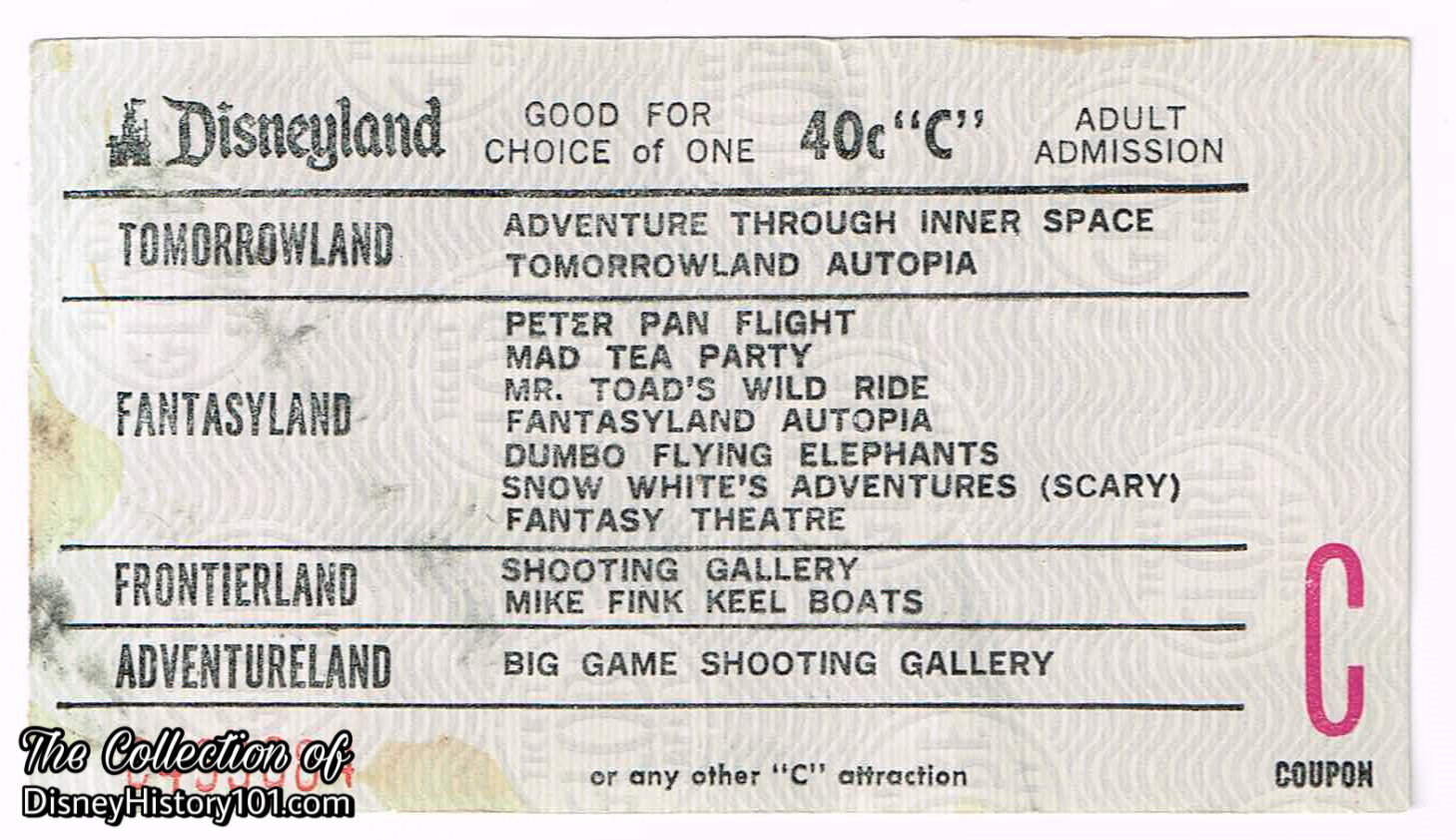
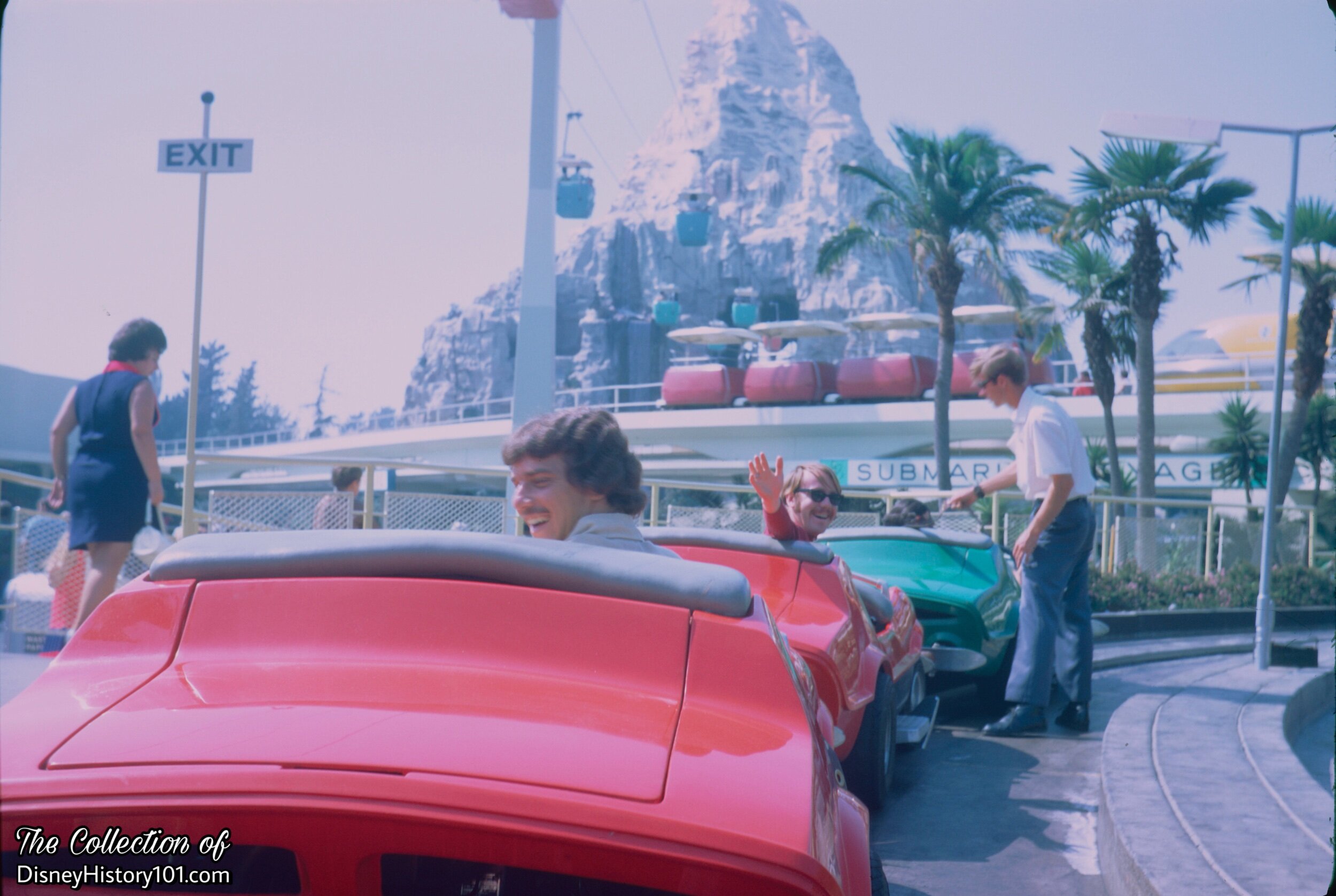
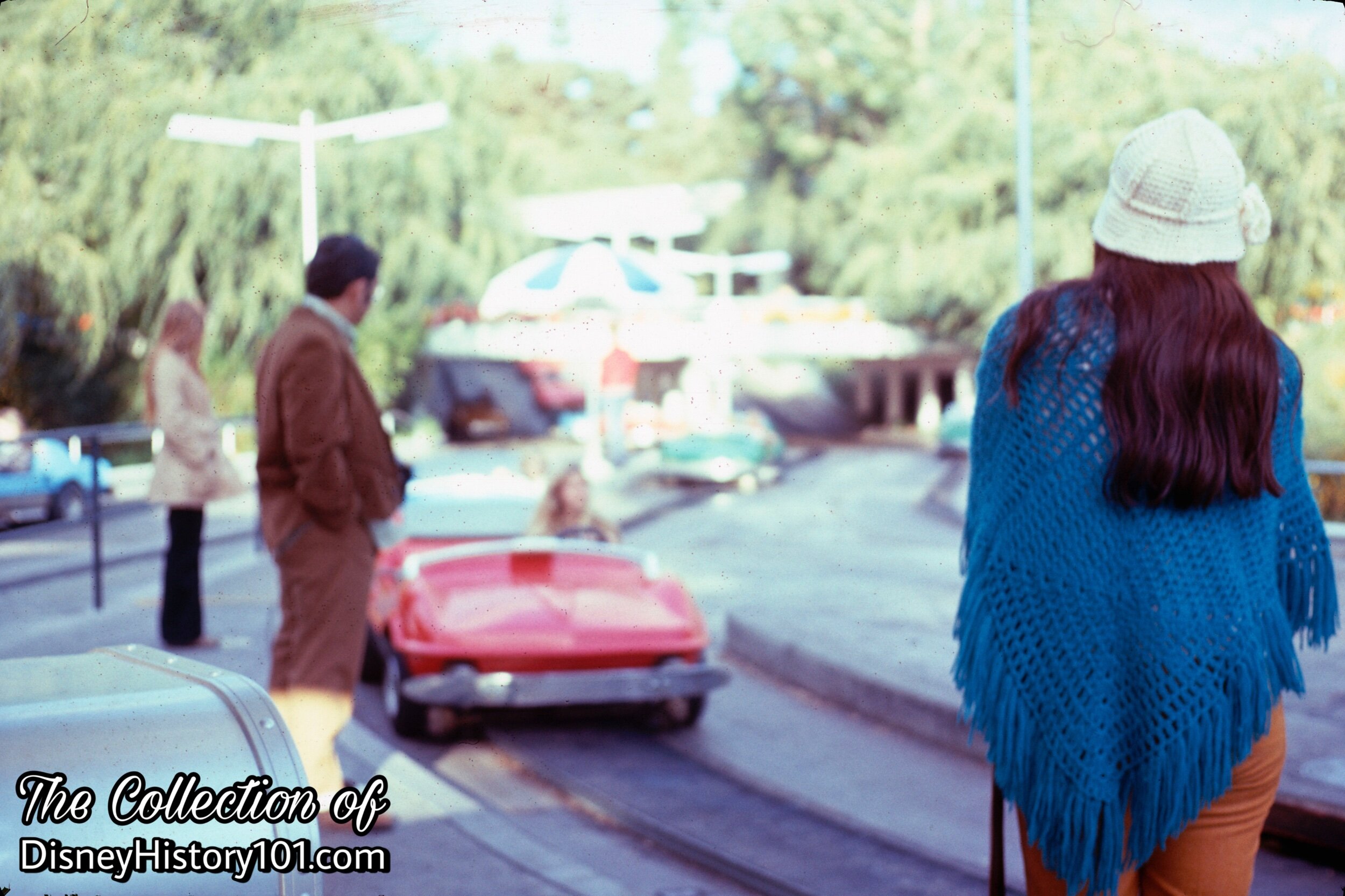
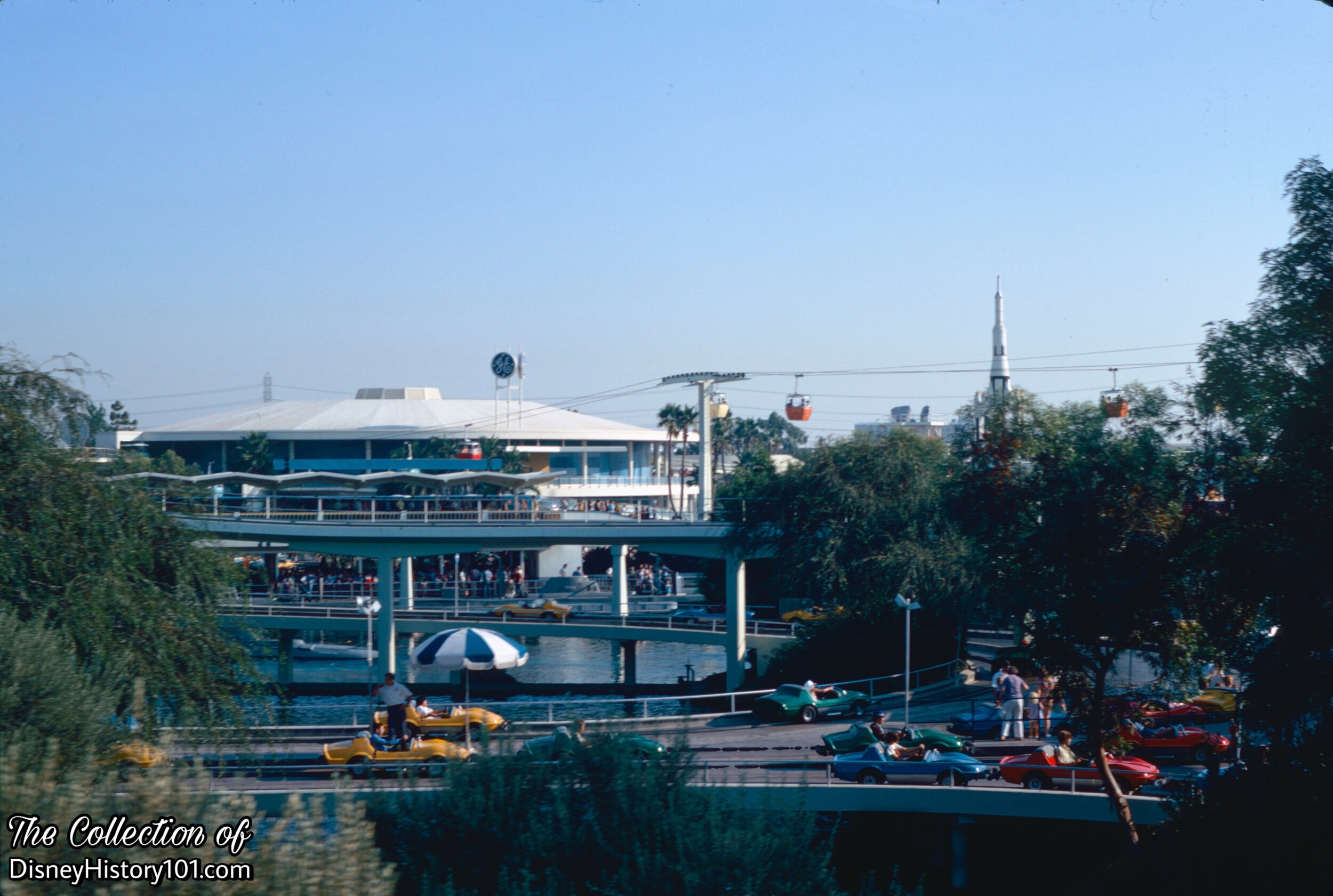
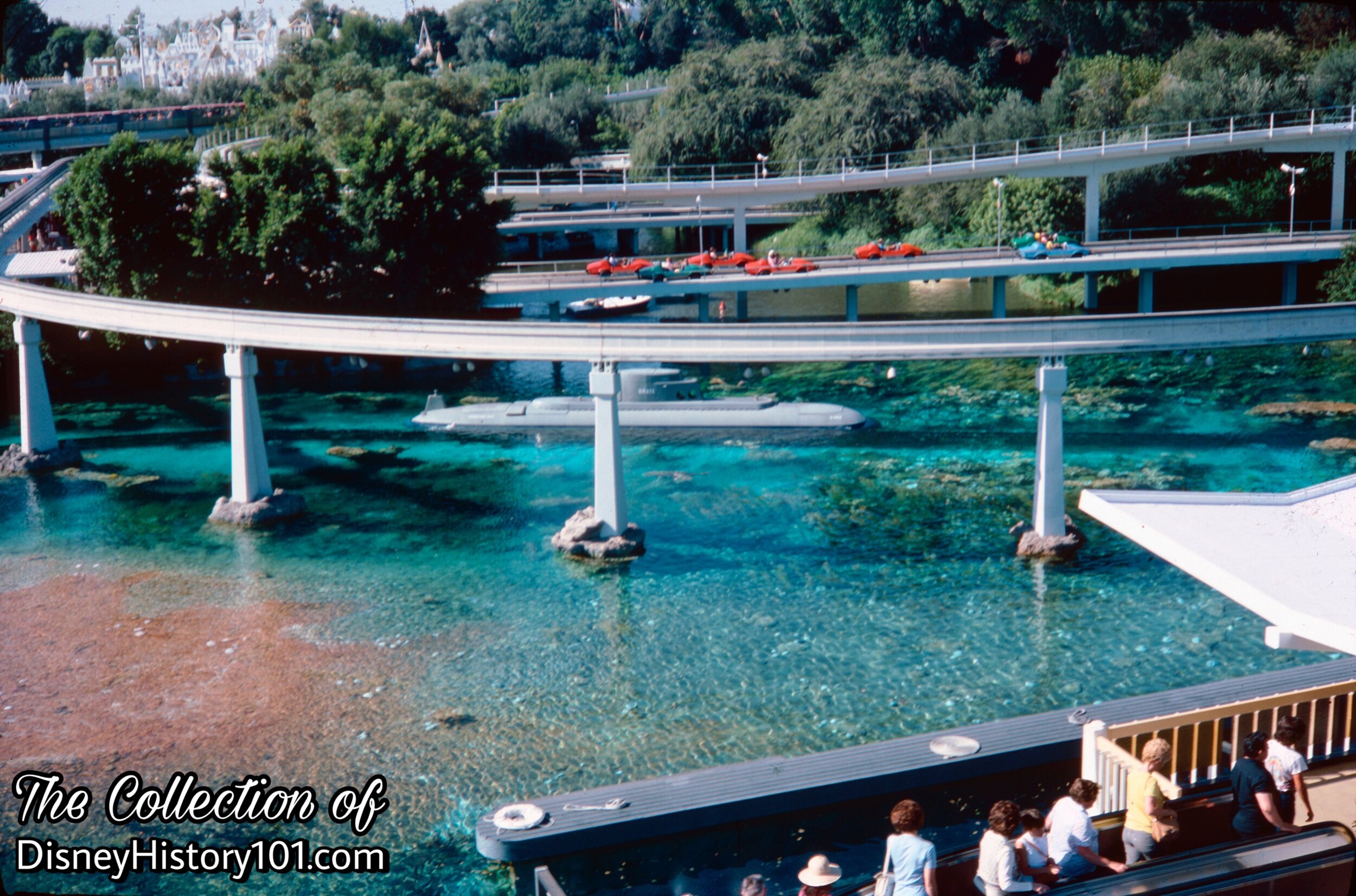
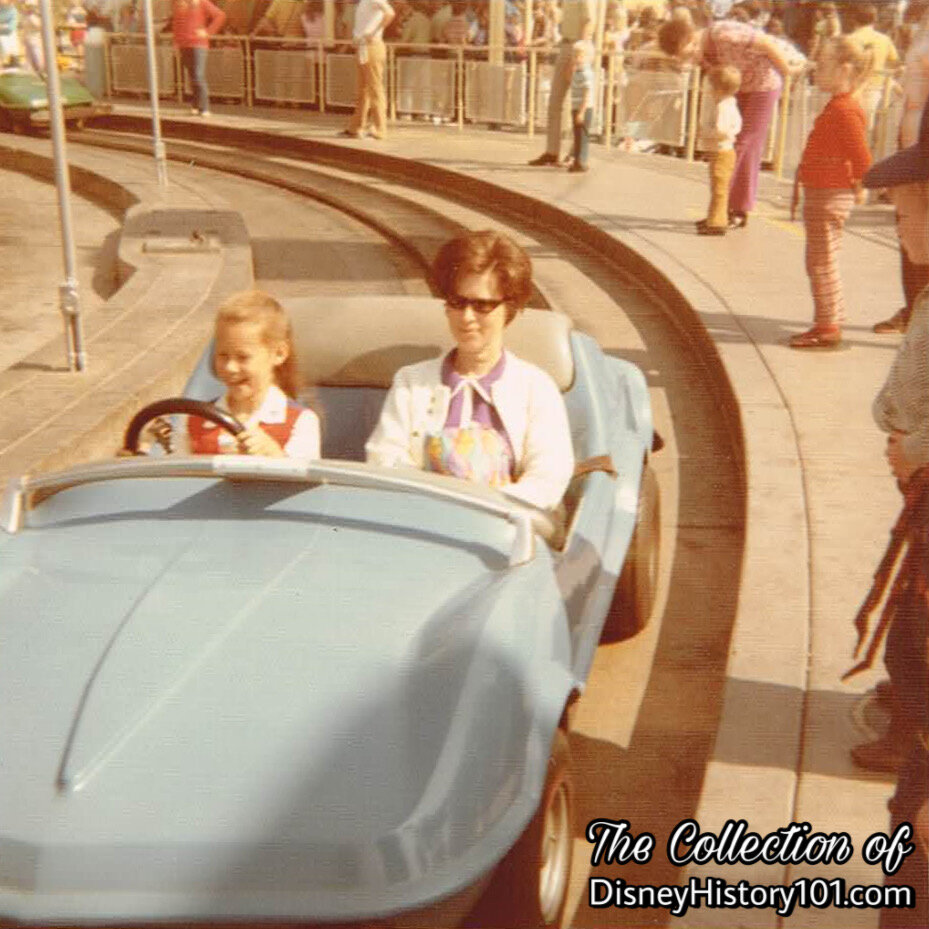
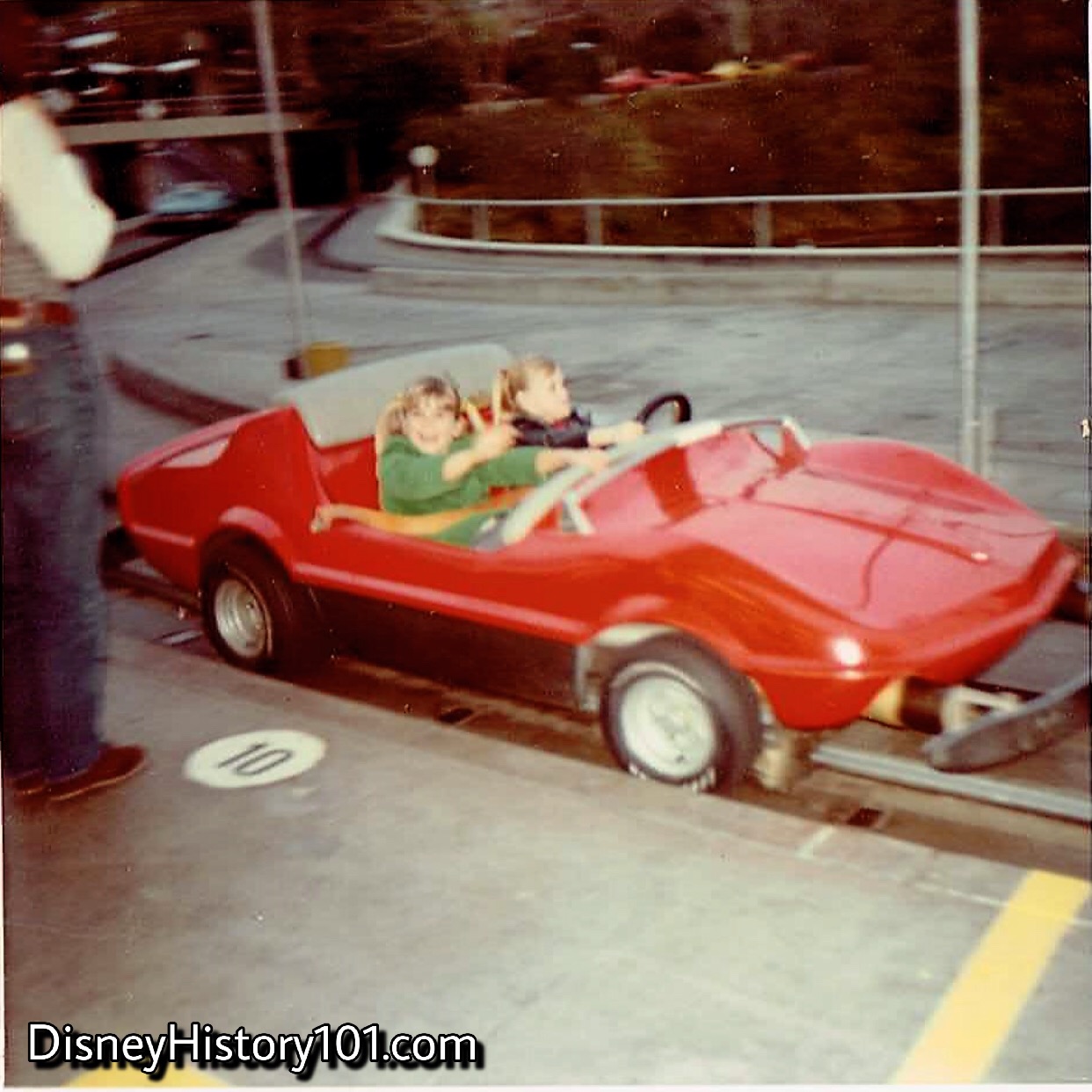
As aforementioned, (during 1967) perhaps the most memorable of the Autopia Models was released - the Corvette Stingray-inspired Mark VII. Though Richfield Oil Company had discontinued their sponsorship of this attraction during 1970, these models would have the most longevity of any model - continuing to run along the Tomorrowland Autopia until 1999.
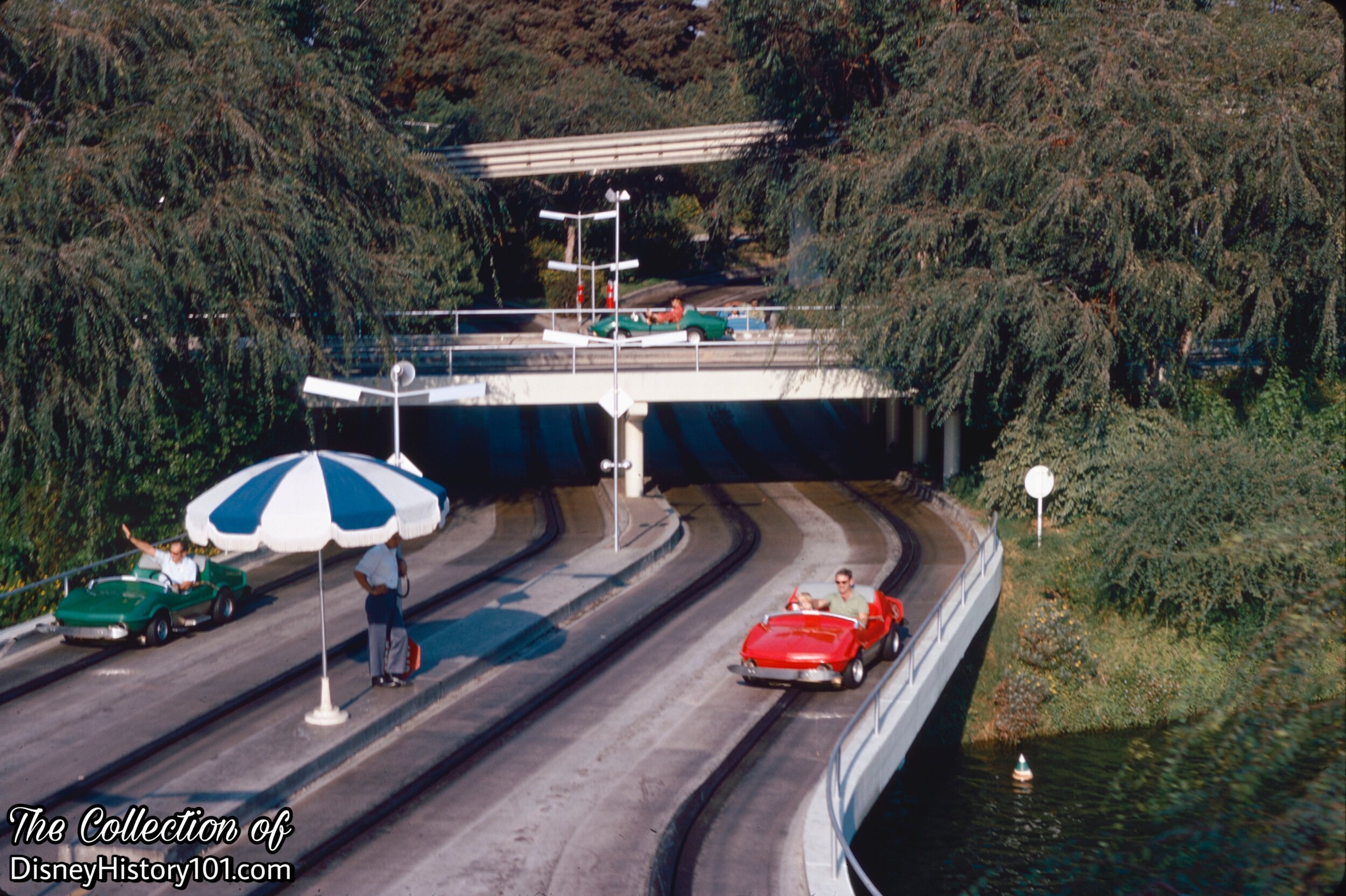

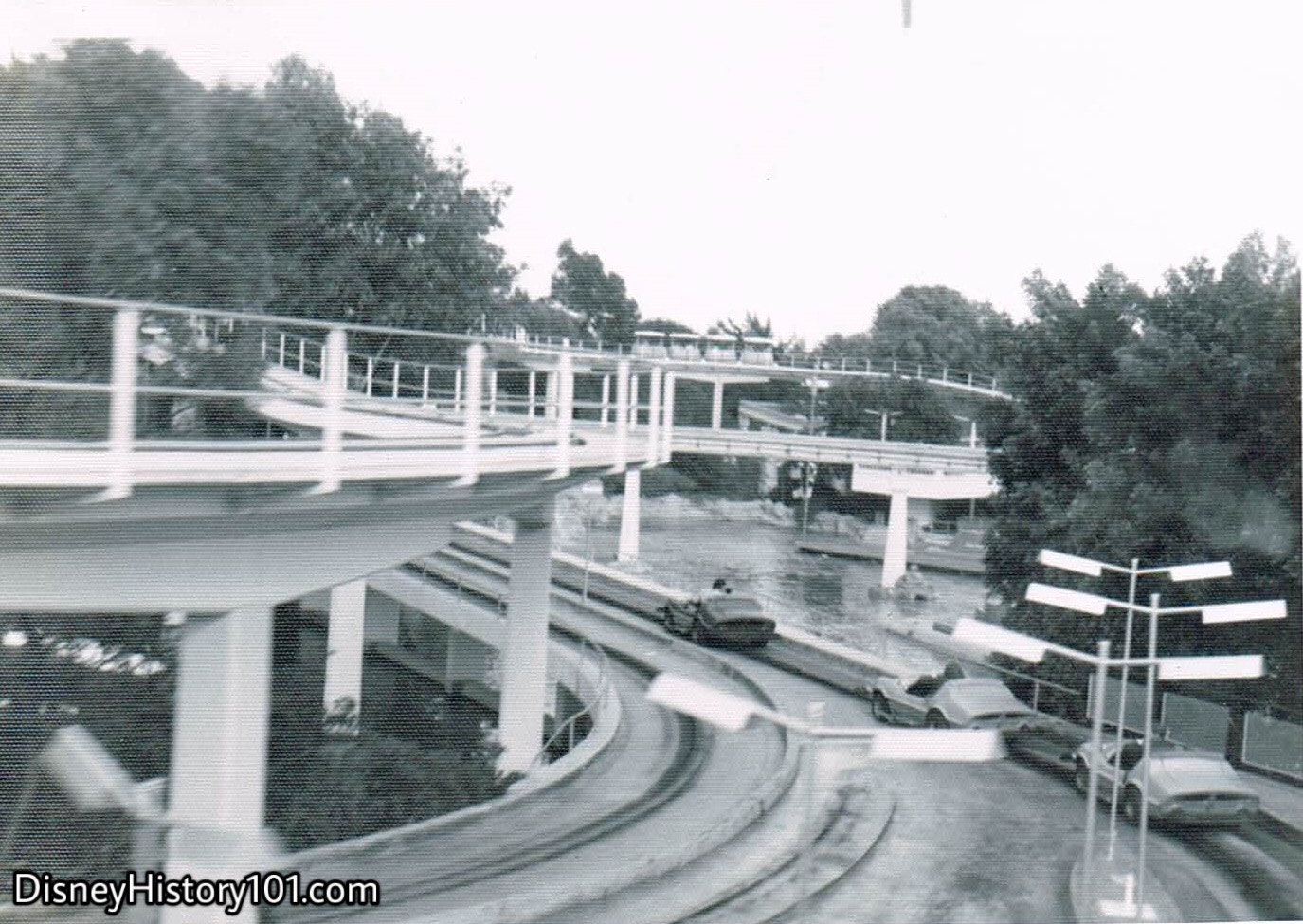
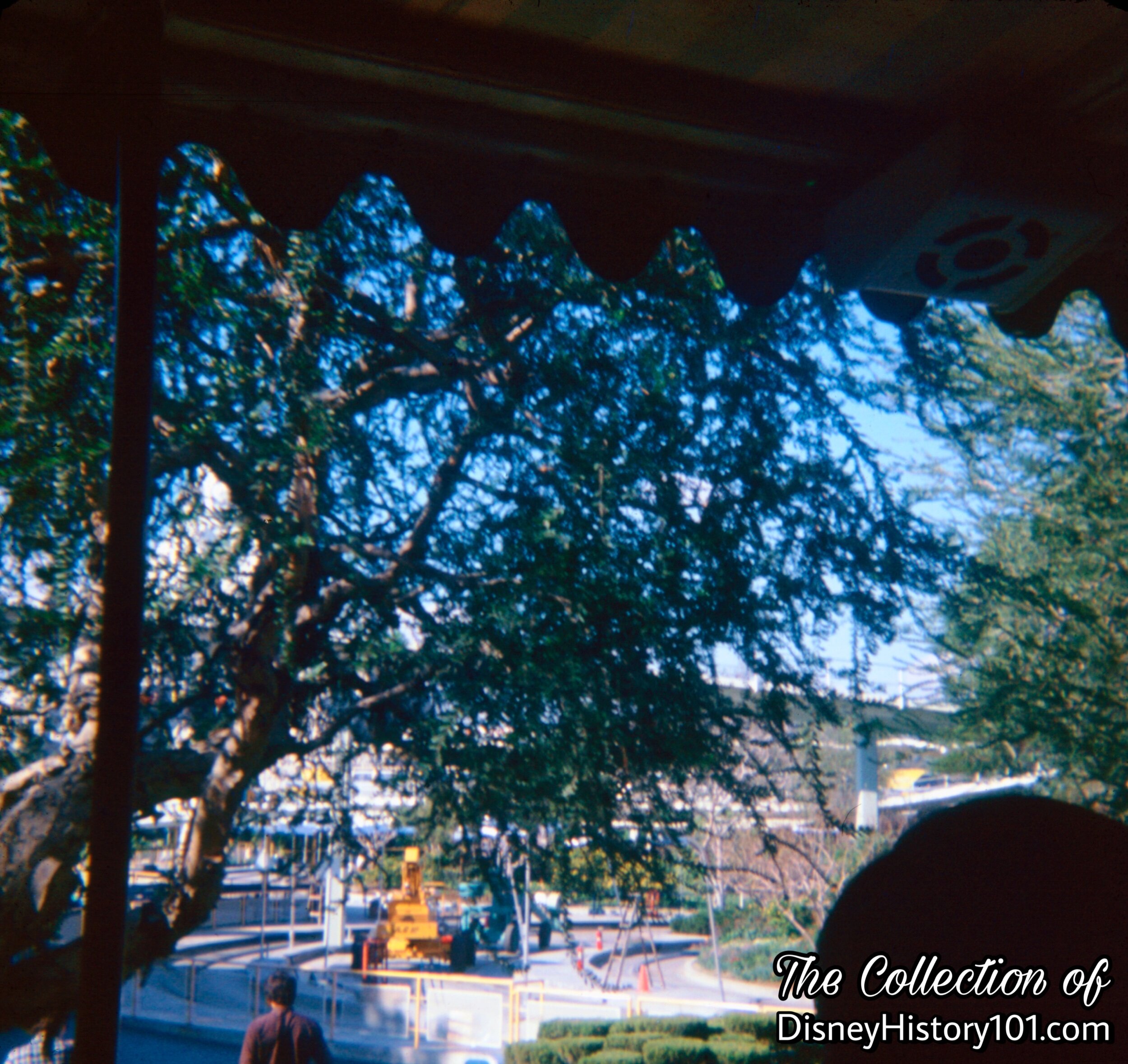
By 1976 - 1977, the vehicles had driven some 17,000 miles. Some of the fleet of 159 Autopia cars were being serviced at the Disneyland Service Garage (also called the Autopia Garage). By about 1989, there were nine mechanics performing this duty. There, the vehicles received daily maintenance and cyclical rehabilitation. Autopia cars and the many units of rolling equipment were also an anticipated part of the job of the welding department. Each year, a total of 36 (of the 159) cars were stripped down to bare parts and rebuilt as a brand new vehicle with new parts.
Refurbishment work has much impact on the Guest experience. The bodies were repaired by the Staff Shop, then sent to the Paint Shop within the Cycle Shop where staff would refurbish the body with a new coat of paint. Meanwhile, a little road work was occurring along the lanes of the Tomorrowland Autopia and we encounter a Visual Intrusion - equipment left in the Guests ‘ view.
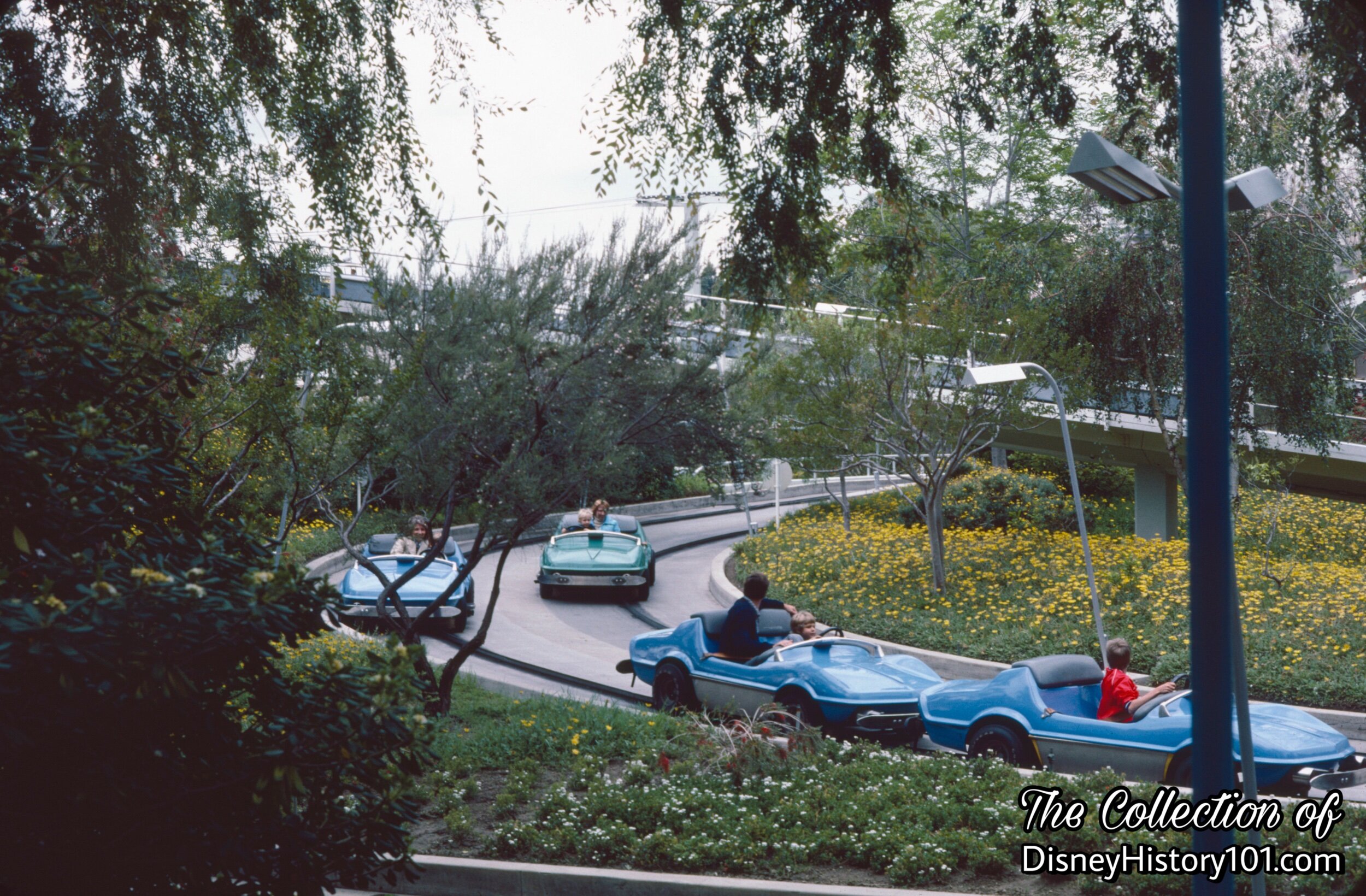
“The Autopia, freeway of tomorrow which winds through a section of Tomorrowland, and at one point runs parallel to the train track, is landscaped with jasmine and crape myrtles.”
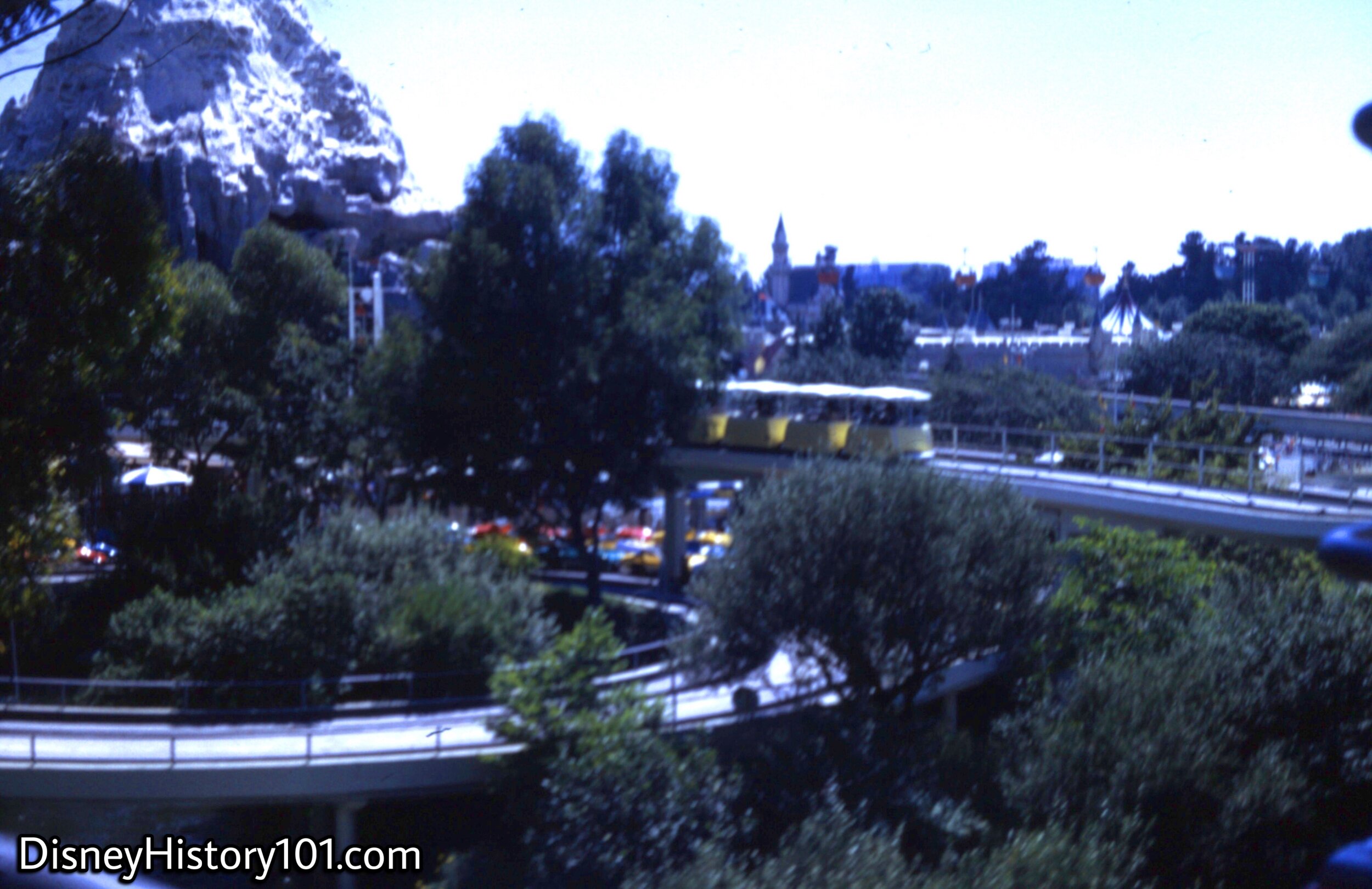
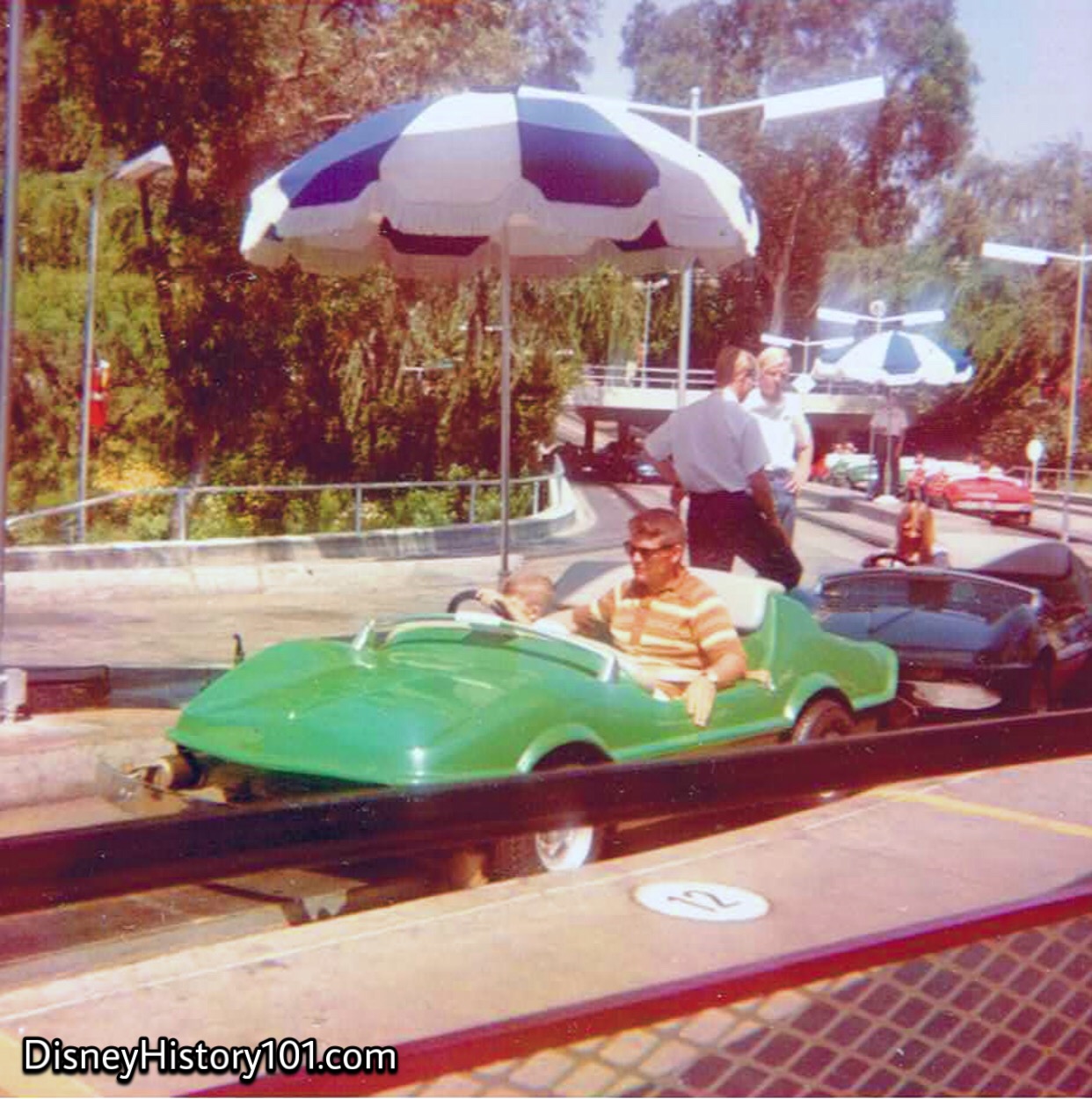

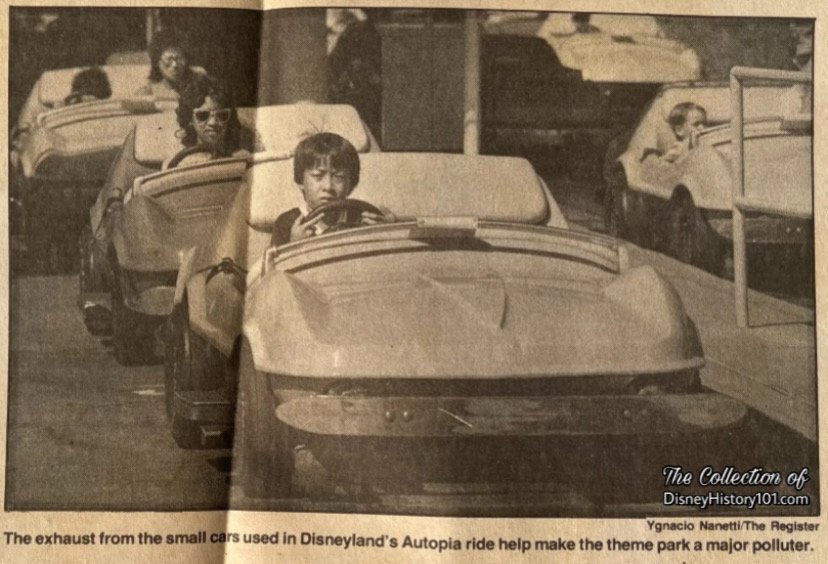
“Environmentality™ & Energy Management”
You may remember that (beyond the berm and outside the magical realm of Disneyland) an international energy crisis was affecting the world including the operations of both the Walt Disney World Vacation Kingdom and Disneyland from 1973 onward. During the late 1970s (i.e. 1978 and 1979; even before the word “Environmentality™” was coined), actions were taken by Walt Disney Productions to conserve home energy consumption. Disneyland Cast Members saved gas through the “Share-A-Ride Program” organized through Cast Activities. If you were a Disneyland Cast Member around this time, you may recall seeing an exhibit at the Center (encouraging the reduction of natural gas consumption) presented by the Southern California Gas Company. Also in force, was the Energy Management System (in operation for a year by 1978) - a programmed computer system which turned switches on and off according to the need for loads. All these energy saving measures affected safety elements like Parking Lot Area lights, Show elements like the Burning Cabin on Tom Sawyer’s Island, and even Disneyland operating hours (which were adjusted to “Sunday through Friday, 9a.m. to 12 midnite, and Saturdays from 9 a.m. to 1 a.m.”). As for the Autopia, around this time, due to gasoline stock prices and an oil embargo, gas cutbacks were in force reducing Autopia vehicle usage (as seen in the previous and following Vintage Views).
A few years later, the article “4 Major Industrial Air Polluters in the County” by Maria Cone was published in the Orange County Register on Sunday, September 8, 1985. The article identified and listed major local industrial polluters like Phillips Petroleum Company in Huntington Beach, Southern California Edison of Huntington Beach, West Newport Oil Company of Newport Beach & Costa Mesa, American Bentley Corp. of Irvine, and Disneyland of Anaheim. An excerpt of the article read:
“The carbon monoxide that is spit out during a year by fuel burning at the park is equivalent to 15 million cars - more than those registered in all of California - driving one mile at freeway speeds. Even Nenzell thought it was a fluke when he called up the computerized records on the Magic Kingdom and read the levels of pollutants. The fumes, however, are minimal compared to those from cars.
More than 2 million tons of carbon monoxide filled the air of the four-county region in 1982, about 95 percent of it from motor vehicles, the South Coast district estimates. Of the 55 attractions at the park, most are powered with electricity or natural gas. But about nine rides burn gasoline, and like any fuel-hungry engine, the exhaust contains carbon monoxide.
Also, hidden from view of Disneyland guests, the park's 8,000 employees drive about 400 cars, trucks, scooters and other motor vehicles, Roth said. Although employees are encouraged to ride bi-cycles, the vehicles are necessary to get around the sprawling park, he said.”

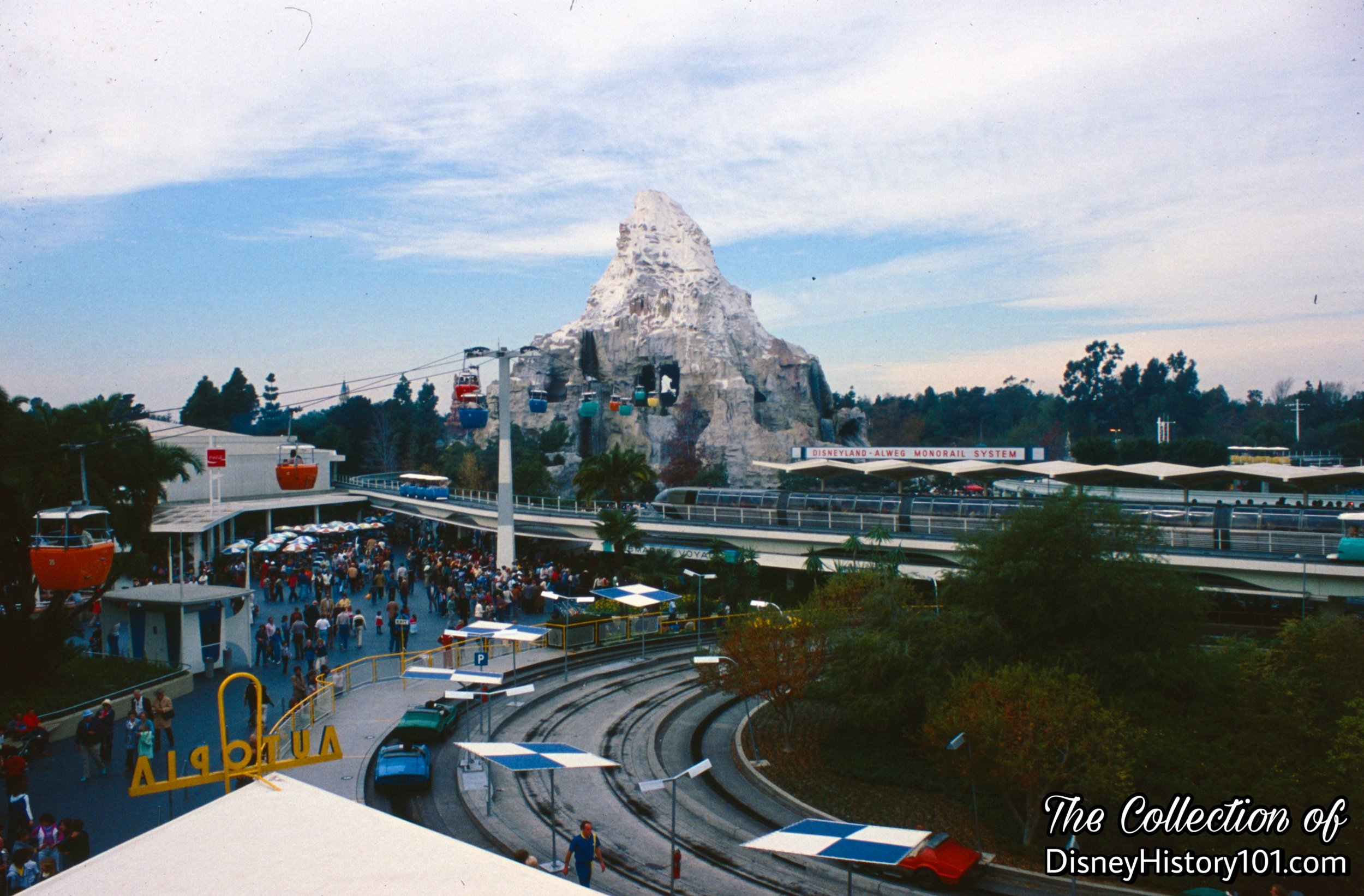

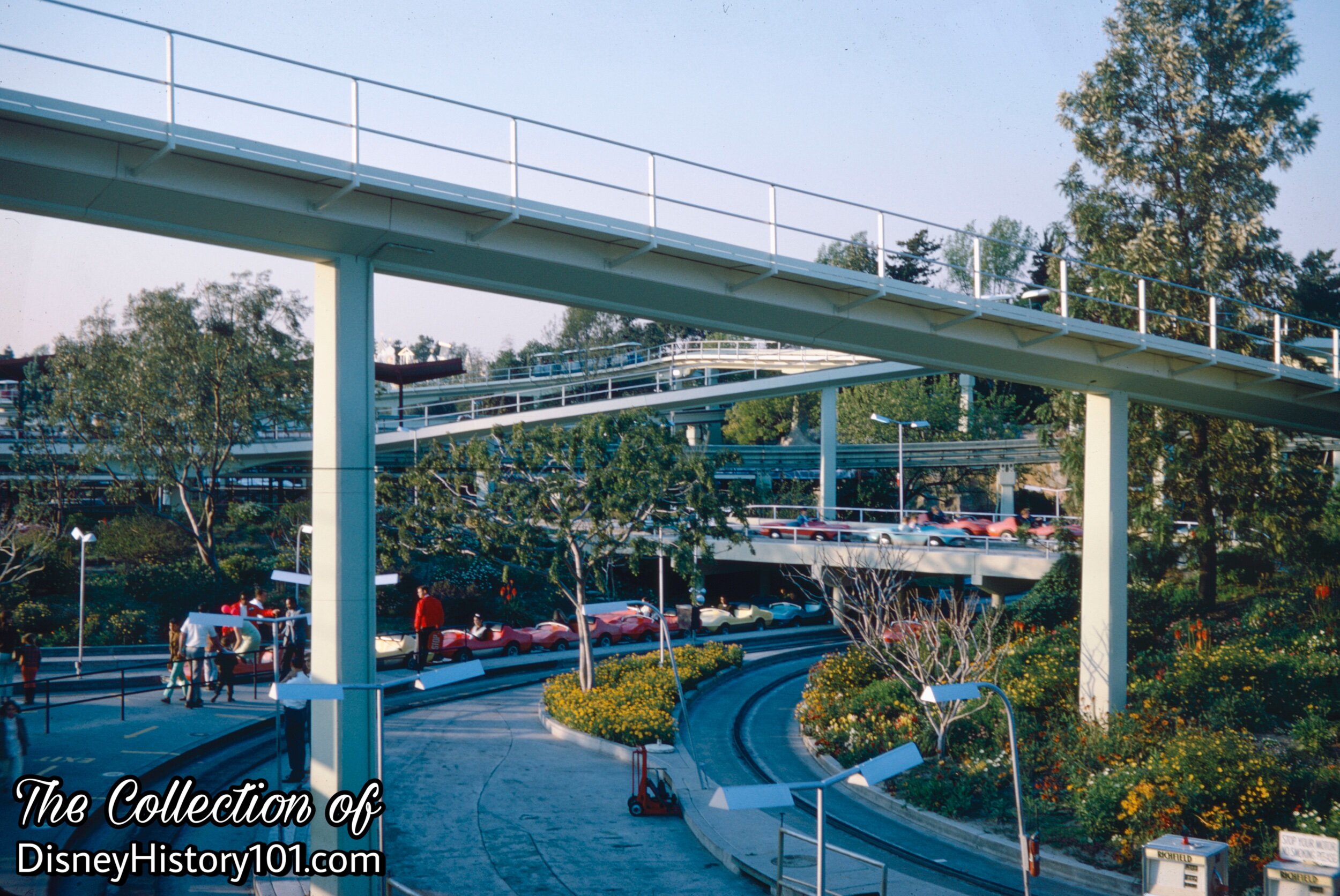
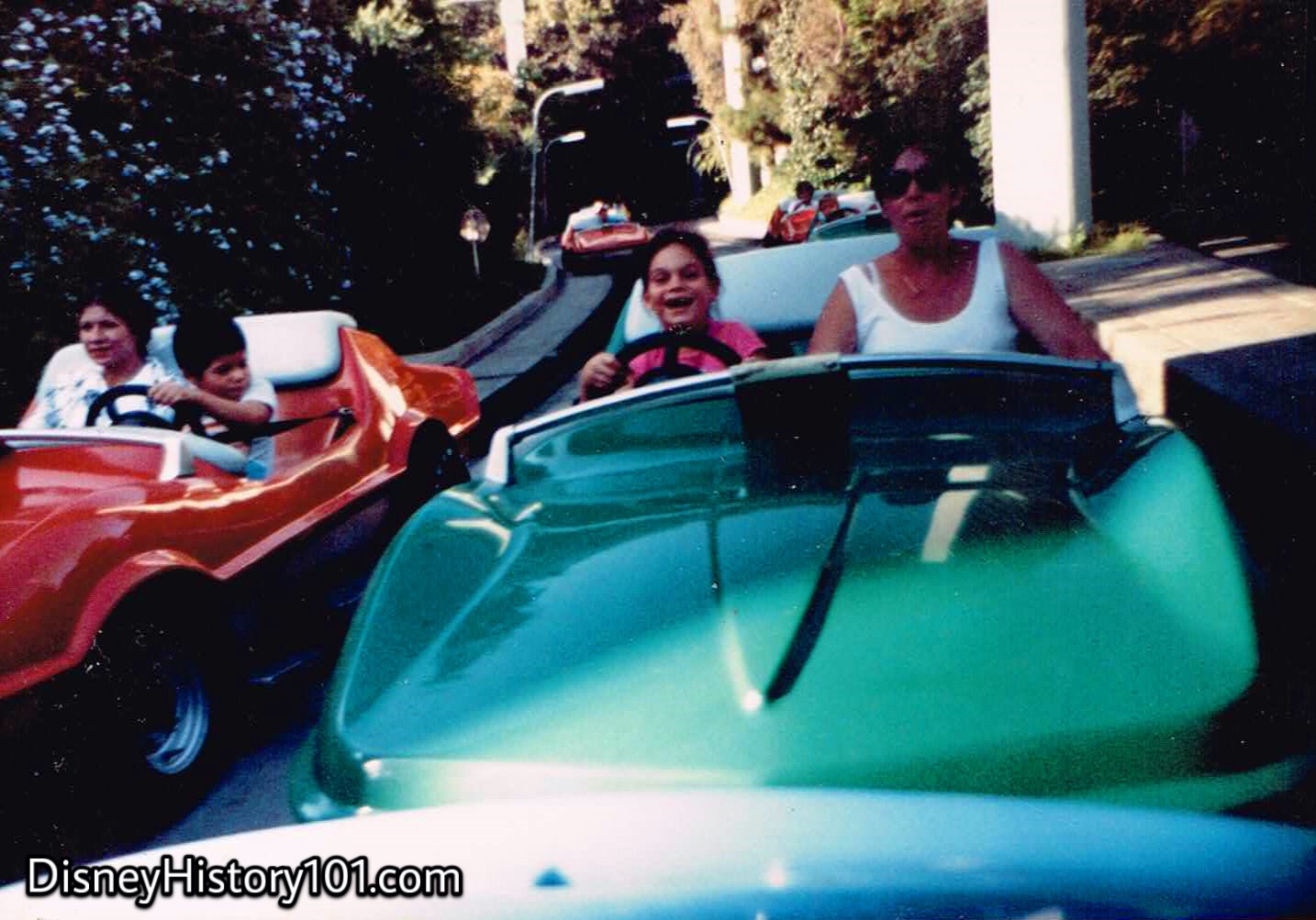
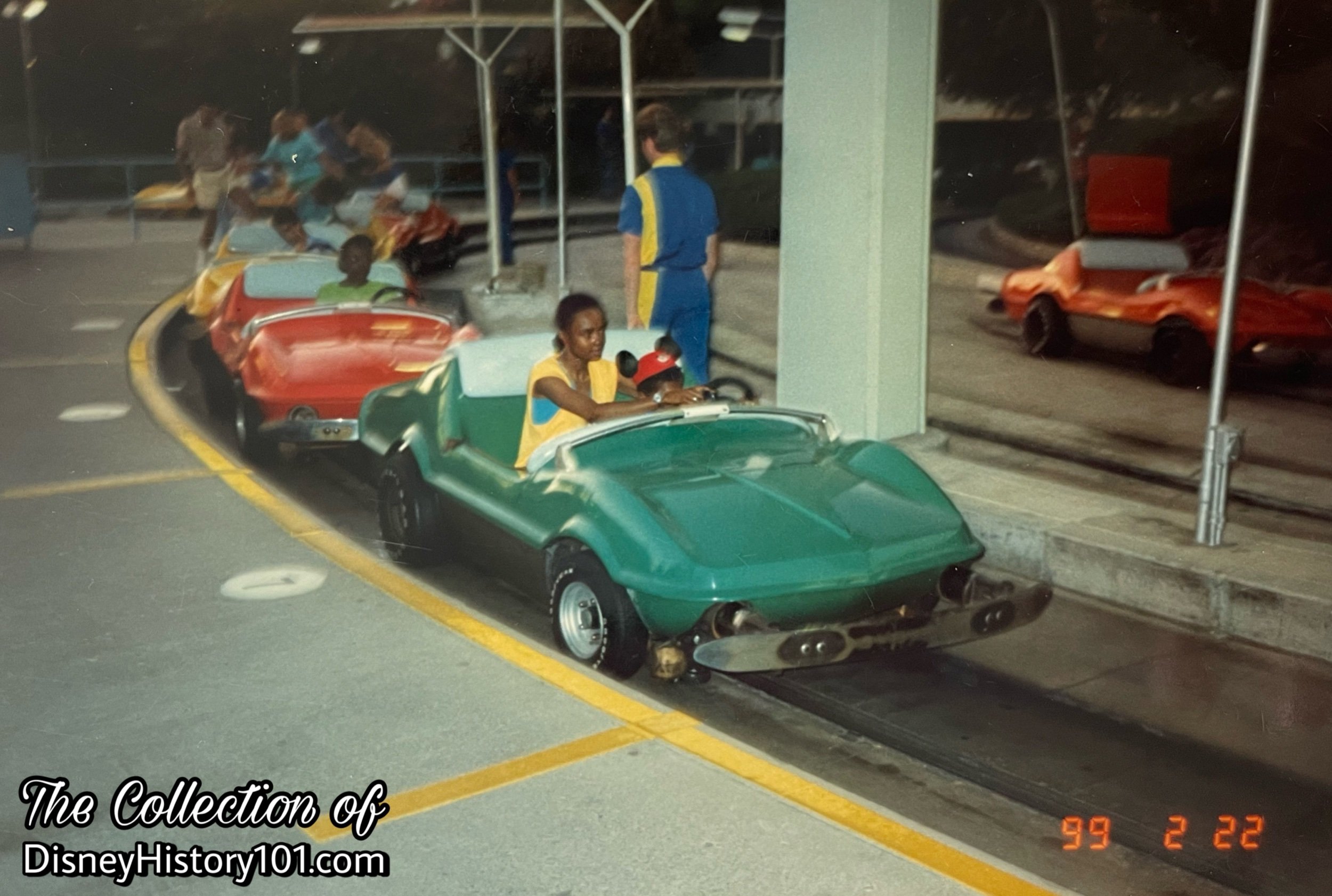
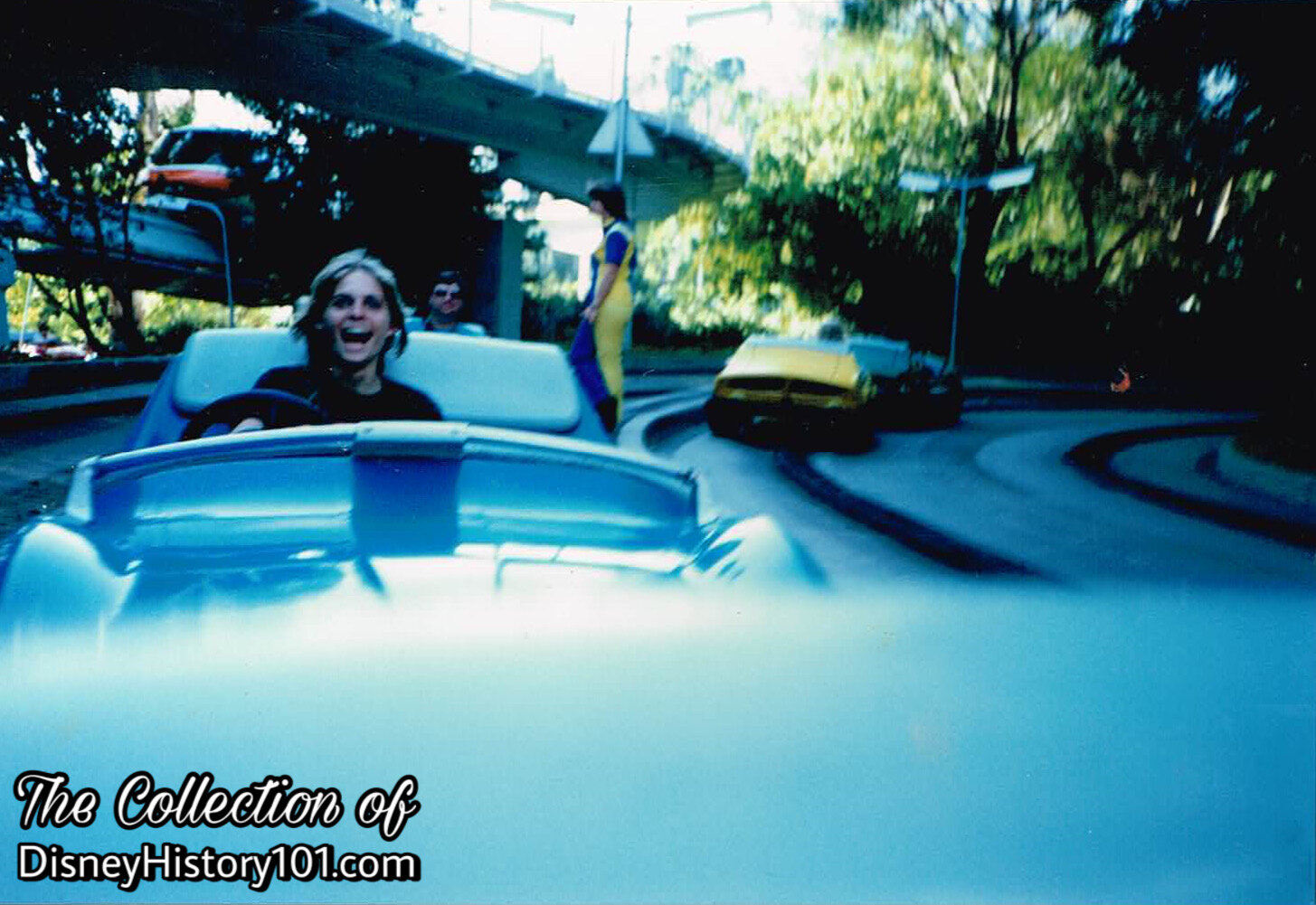
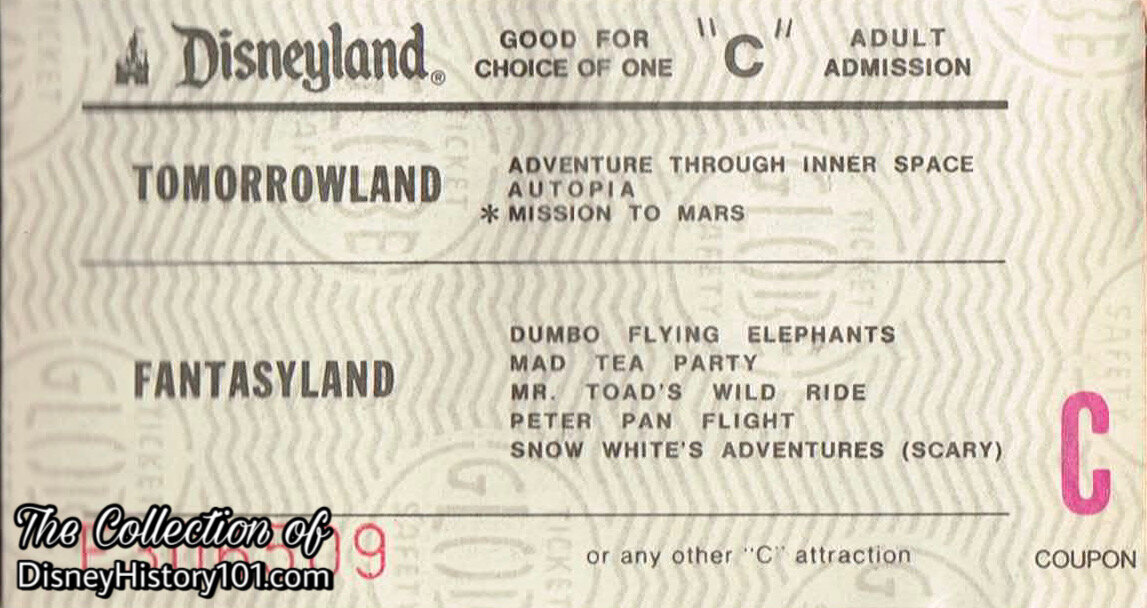
There seems to be just one Autopia track open in Tomorrowland at the time of this printing, and one fare to ride - a Disneyland “C” Coupon! There is no cash value printed on this Disneyland Attraction Coupon as the system was soon-to-be revised.
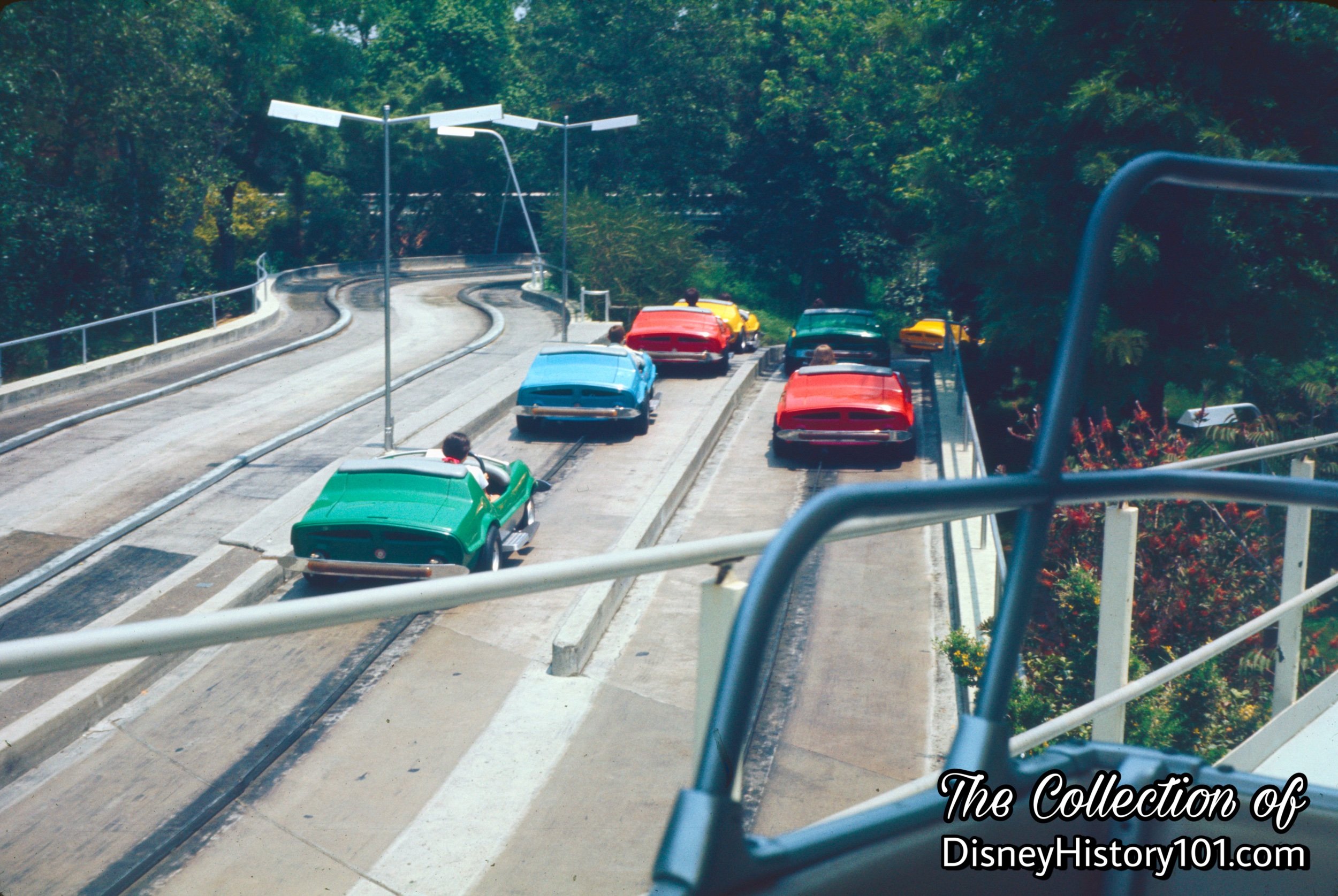
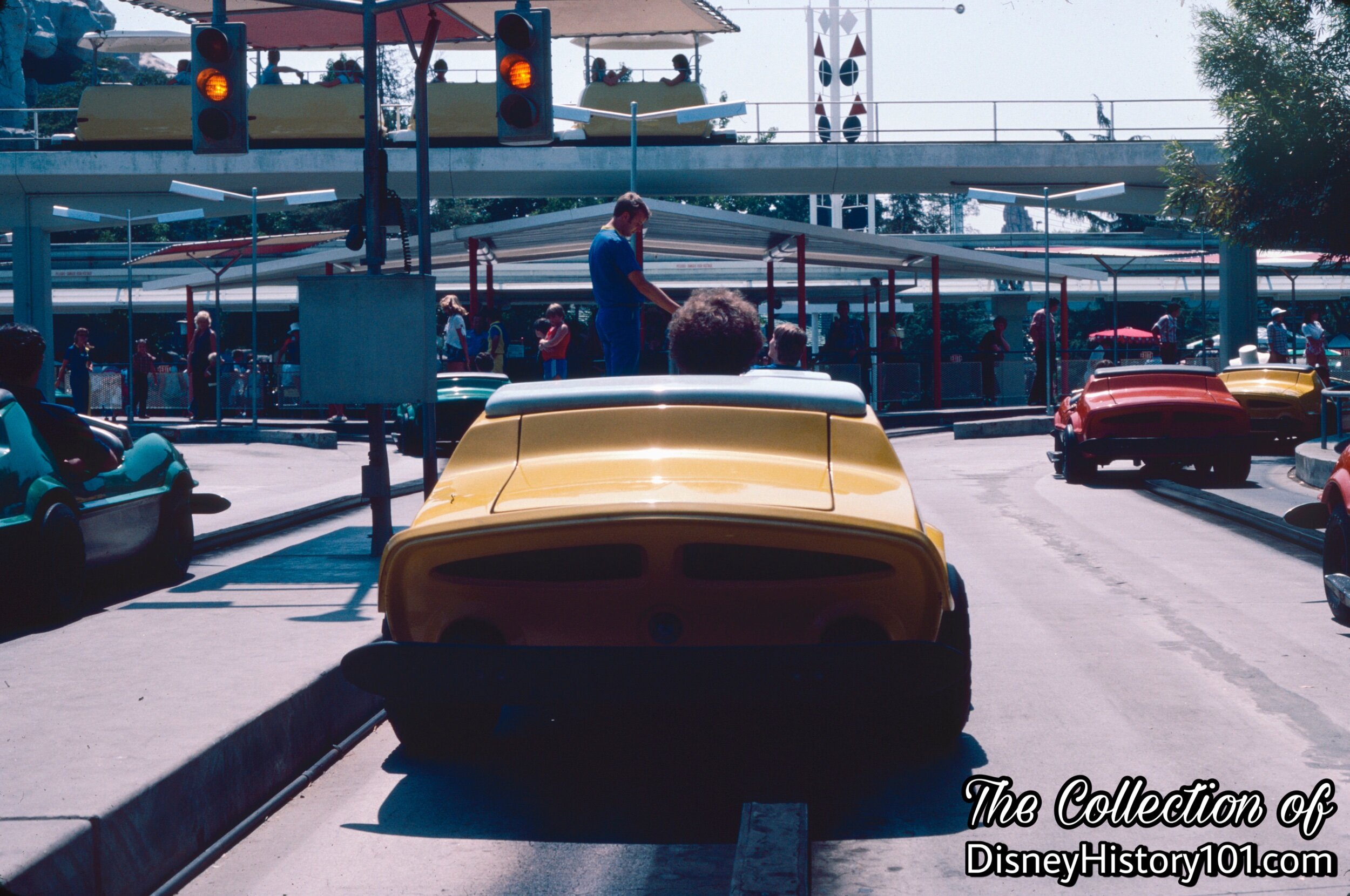
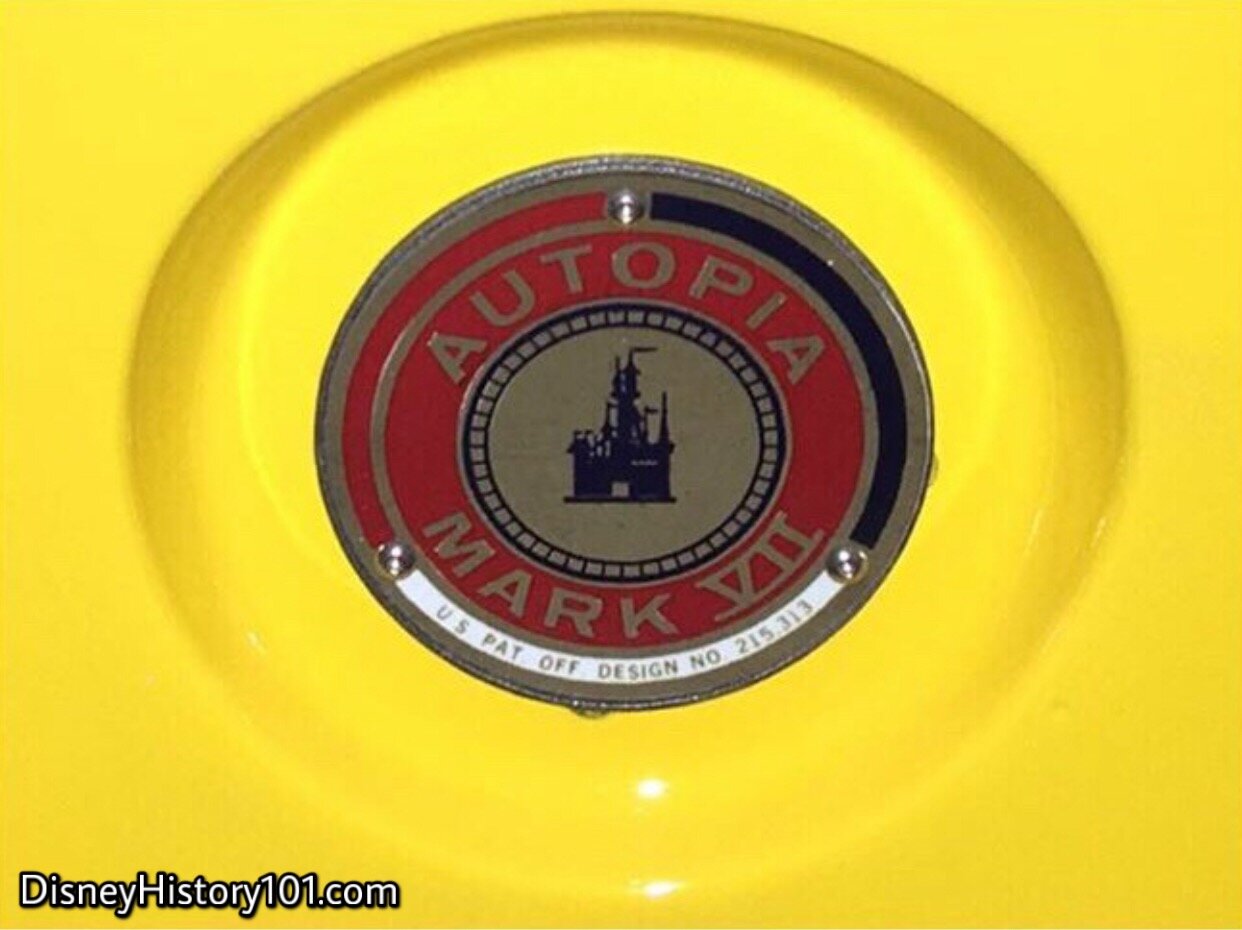
Throughout the next two decades, the Autopia would have a legacy through the Grand Prix Raceway at Walt Disney World Magic Kingdom and the Grand Circuit Raceway at Tokyo Disneyland on April 15, 1983.
From March 15 - November 10, 1991, guests sped through the Fantasyland Autopia raceway and escape the obstacles set up by Fat Cat and his gang. Walt Disney Imagineer Senior Writer and Director Kevin Rafferty contributed show writing for the adventure.
Occasional merchandise (like a tribute model designed by Walt Disney Imagineer Doug Hartwell for the Disneyana Shop in 1998) was produced in honor of the timeless attraction.
Soon, Show Quality Standards/SQS based at each Disney Resort around the world, were teams of Imagineers responsible for maintaining the integrity of the story in existing Guest areas such as attractions, shops, restaurants, hotels, Downtown Disneys, recreation, etc. as well as improving the Guest experience through the integration of new technology and the addition of new show elements.
Finally (in 1999), the Fantasyland Autopia and Tomorrowland Autopia closed for the creation of the Chevron Autopia (on June 29, 2000). The new Chevron Autopia track would incorporate both the Fantasyland Autopia and the Tomorrowland Autopia, and as for the Autopia Mark VIIs - they would speed off into the sunset!
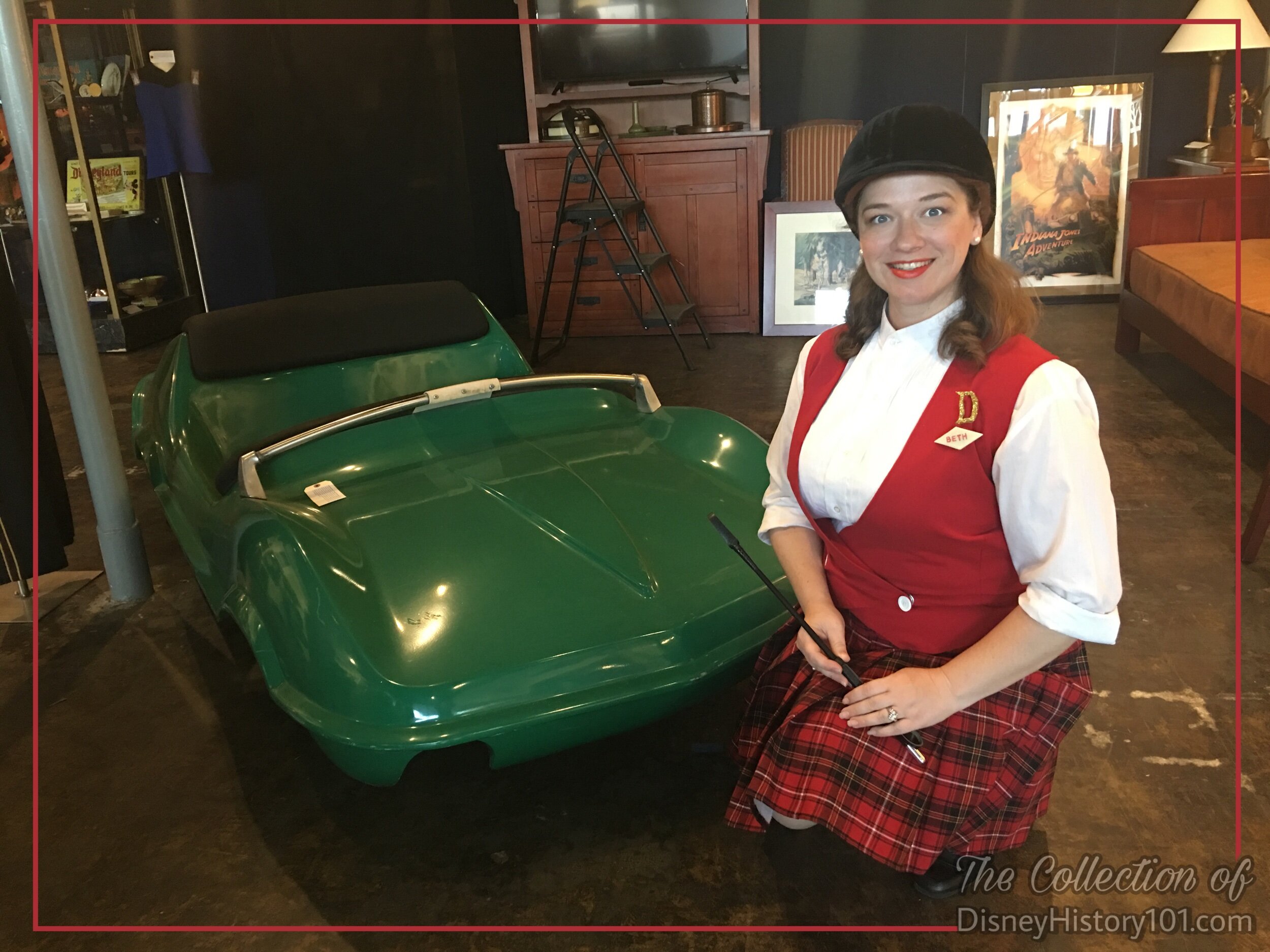
Now, the Chevron Autopia wasn’t the “finish line” for the fleet of Autopia Mark IIs. Over the years, many a restored Mark VII (or at the very least, Mark VII parts) has turned up on the old auction floor.
In 2001, an Autopia-Blue Attraction Vehicle was auctioned off at the 2001 Official Disneyana Convention at Disneyland Resort, at an estimate of $7,000 to $9,000.
Please step this way, as we examine a few of them. During our tour, we’ll travel to Van Eaton Galleries in Sherman Oaks, California, and even the Petersen Automotive Museum in Century City, California to visit a few of these (like one of the original Fiberglas bodies of an original Autopia Mark VII,pictured above)!
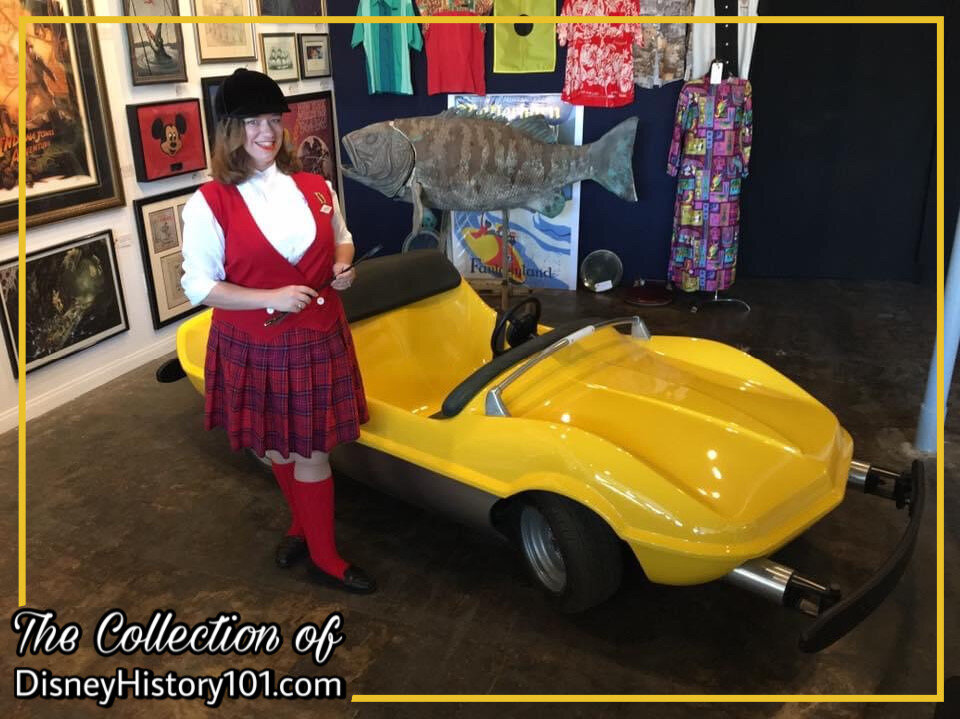
According to Van Eaton Galleries’ auction catalog :
“This unique vehicle has been custom modified with a 1974 - 80 golf cart chassis and 36 volt electric drive system with battery charger. The vehicle has a rear drum braking system and new linings, wheel cylinders, hoses, and a master cylinder. The wheels are also silver steel to stay true to the original design. The vehicle has brushed metal laminate rocker panels. The bumper assemblies are authentically reproduced in the same 1970’s style, and the leather seat belt with hook is also authentically reproduced to match the original style. The vehicle has rubber floor matting, a padded steering wheel, and the ‘Autopia’ body emblem, all of which are custom created to match the original. This incredible artifact is a beautiful example of the very popular Mark VII ‘Autopia’ vehicles, and measures approximately 10ft x 4ft and 3ft tall.”
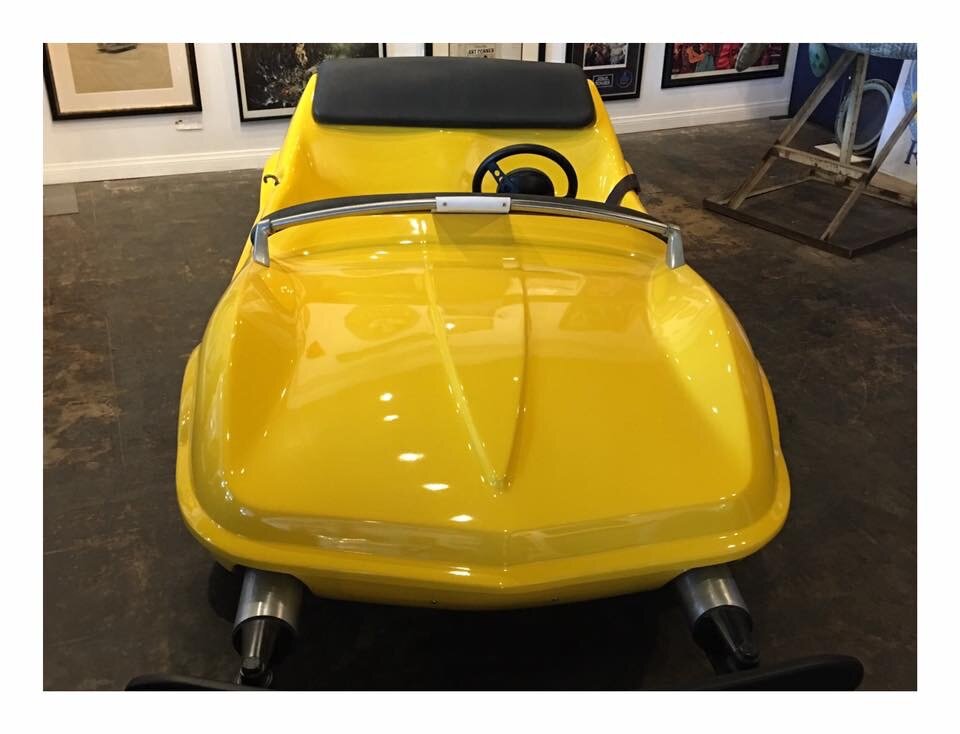

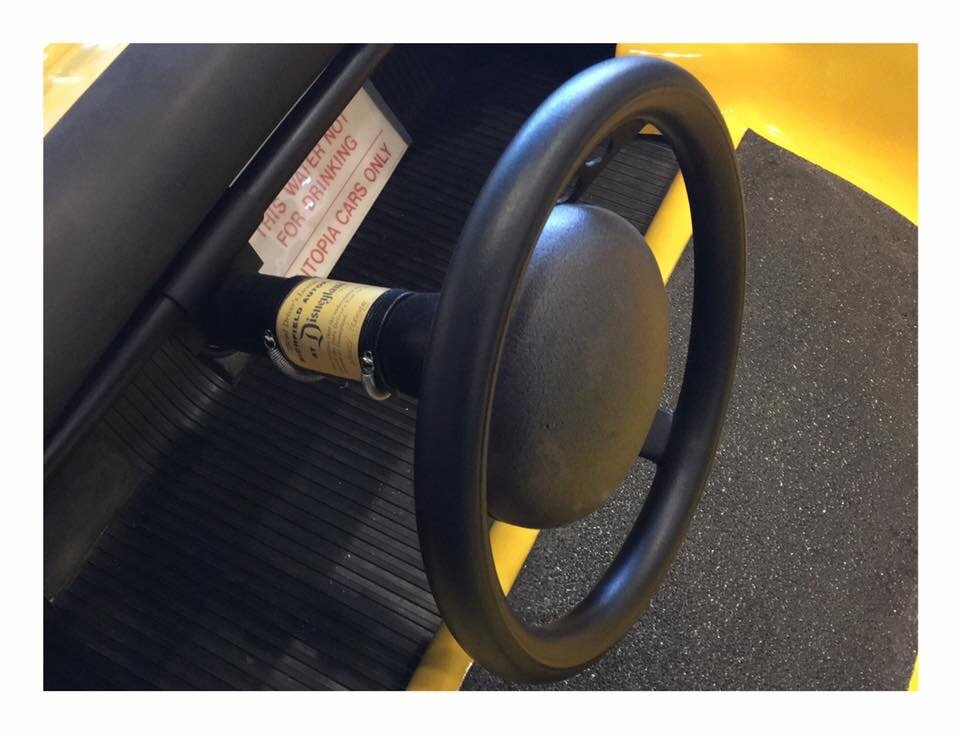
According to “Disneyland’s Autopia” (published in Rod & Custom, November 1955) :
”Another safety feature is the custom designed 3-spoke, rubber covered steering wheel with a recessed center to prevent injury to the drivers in case of accident–you know how freeways can be at the peak traffic hours.”
This remained a safety feature of later Autopia vehicle editions, like the MarkVII.
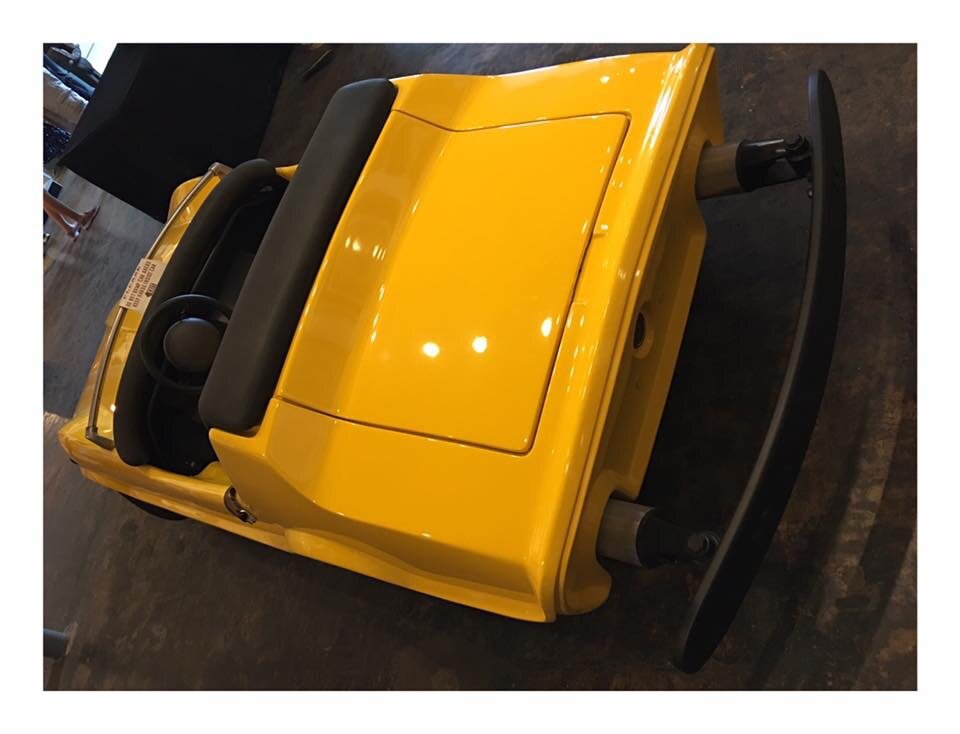
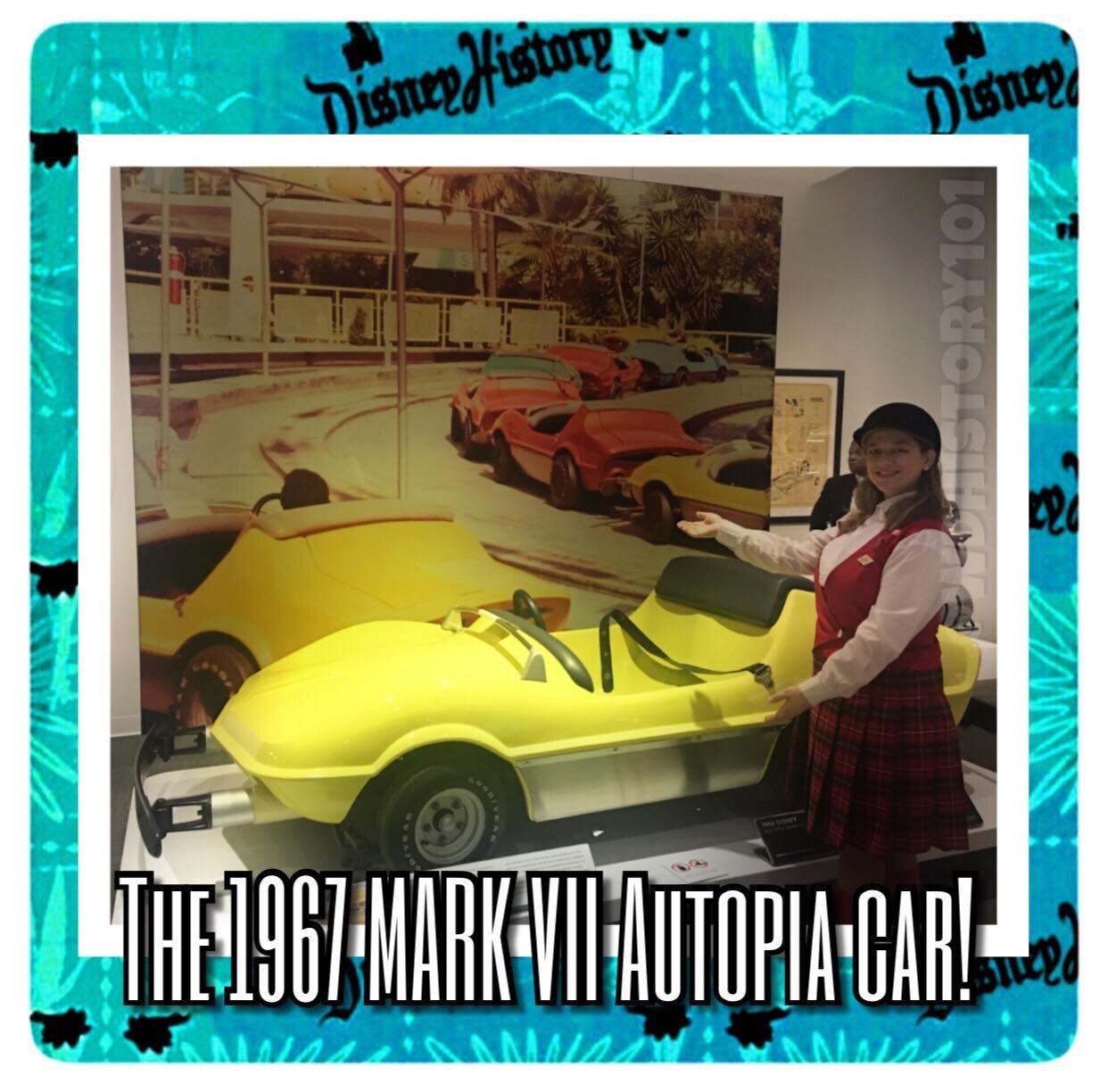
This Autopia Mark VII comes from a private collection of pint-sized racing cars!
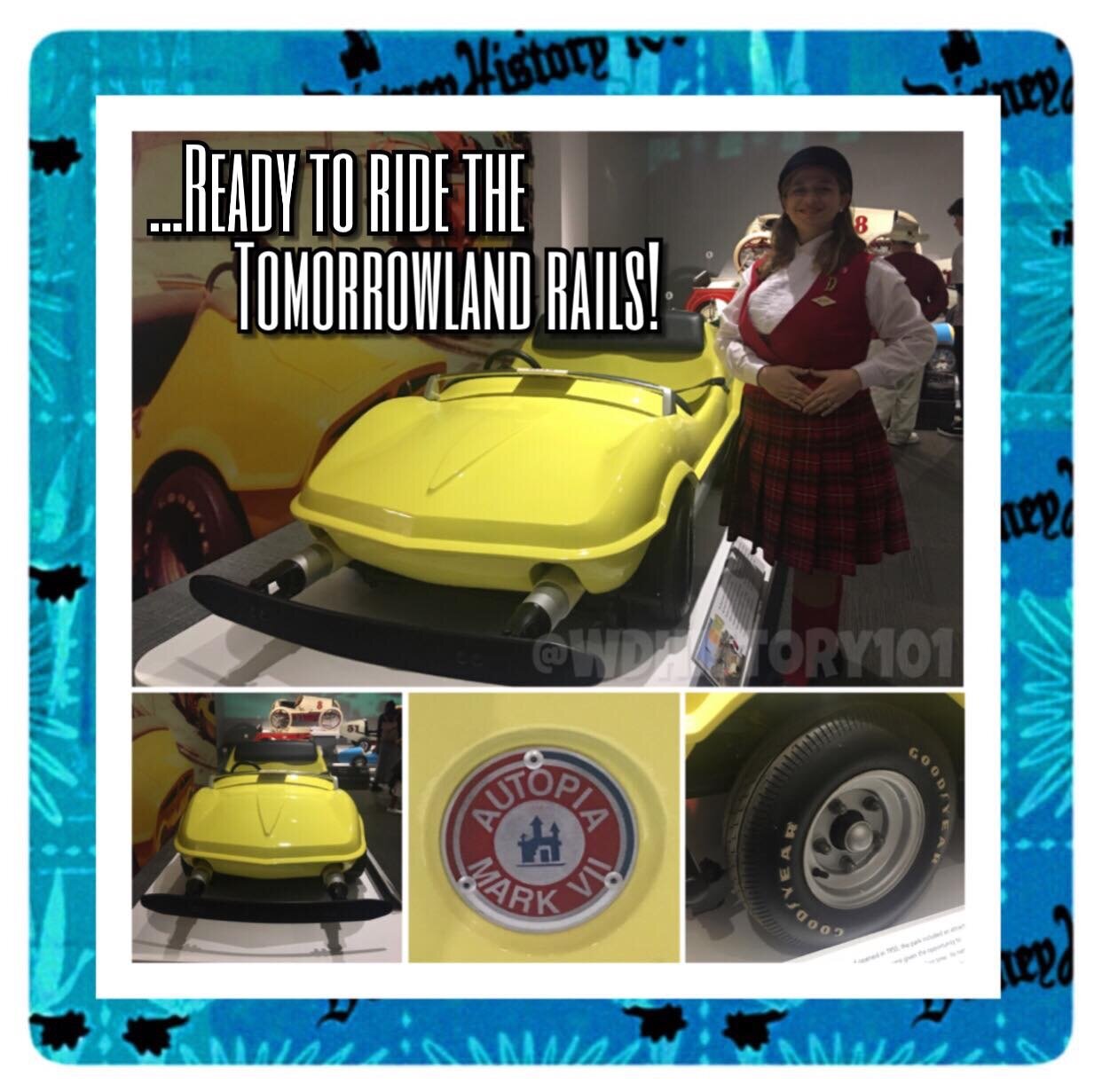

We couldn’t leave the subject of Mark VIIs without showing you the Gurrtini - a custom Autopia Mark VII tribute to Autopia vehicle designer Bob Gurr, with a trunk full of surprises - like the ingredients for engineering a “Gurrtini” (a Bob Gurr novelty kit, not meant to be consumed while operating the vehicle) & Ventures record albums on CD! The original Fiberglas body was even “auto”-graphed by Bob Gurr of course!
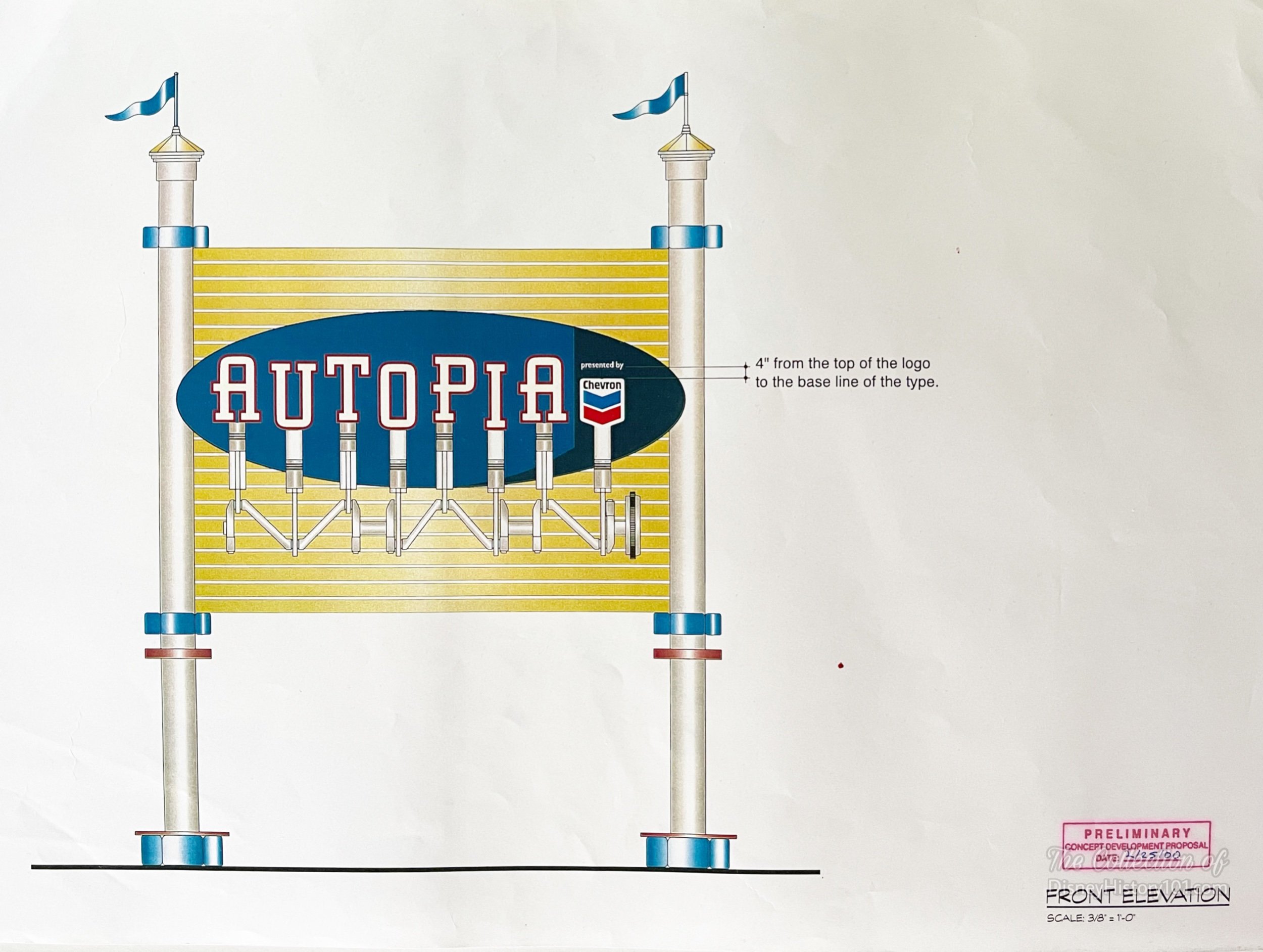
“Chevron Autopia”
From 1999 to 2000, Walt Disney Imagineer John Stone designed and produced model landscapes and typography for the "off-road" scenes Of Chevron's sponsored New Autopia Attraction. John designed and developed marquis toer and queue for the Autopia Load and Unload areas. John also designed and fabricated full scale "Pepper's Ghost" sets used to entertain Guests while waiting in the queue.
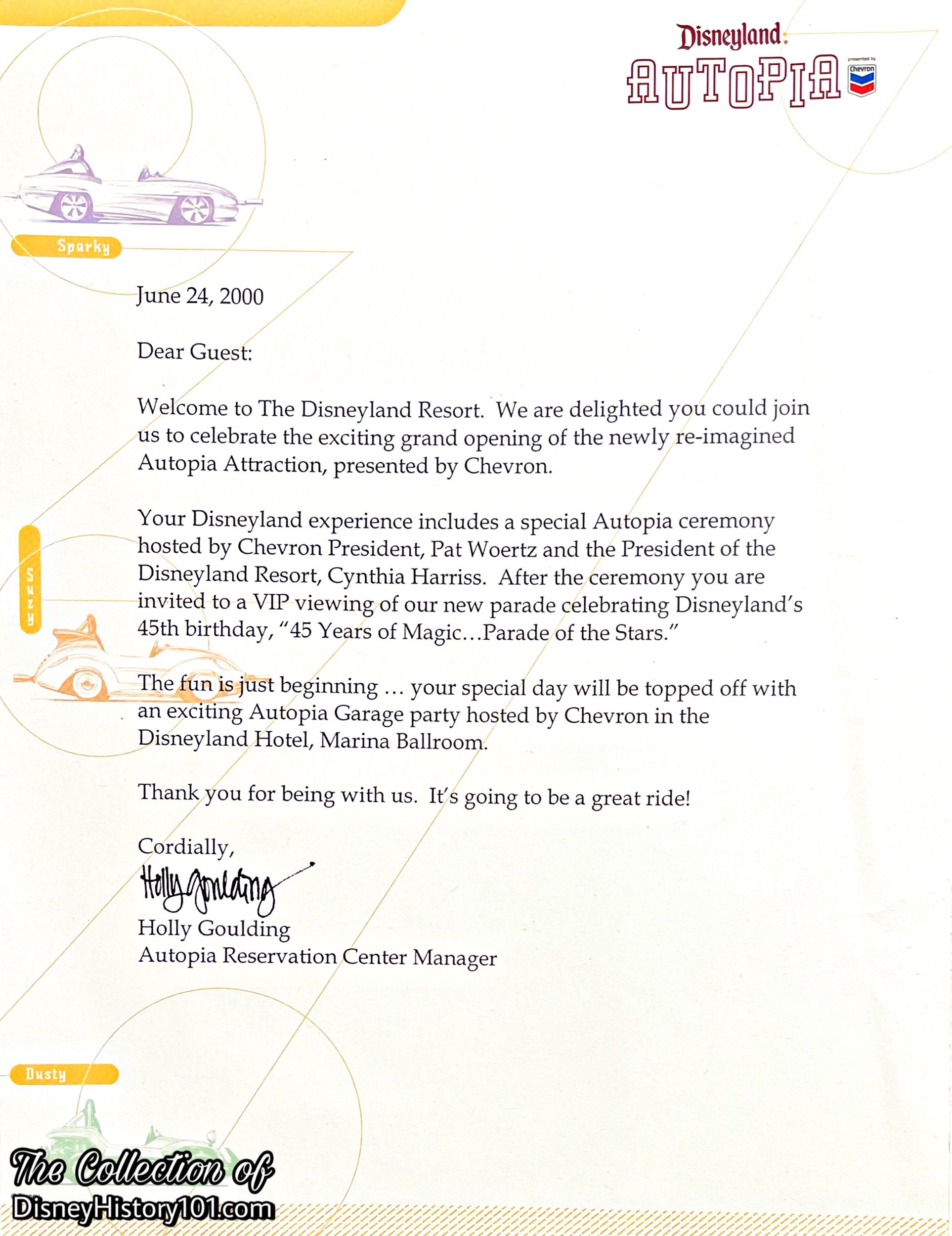

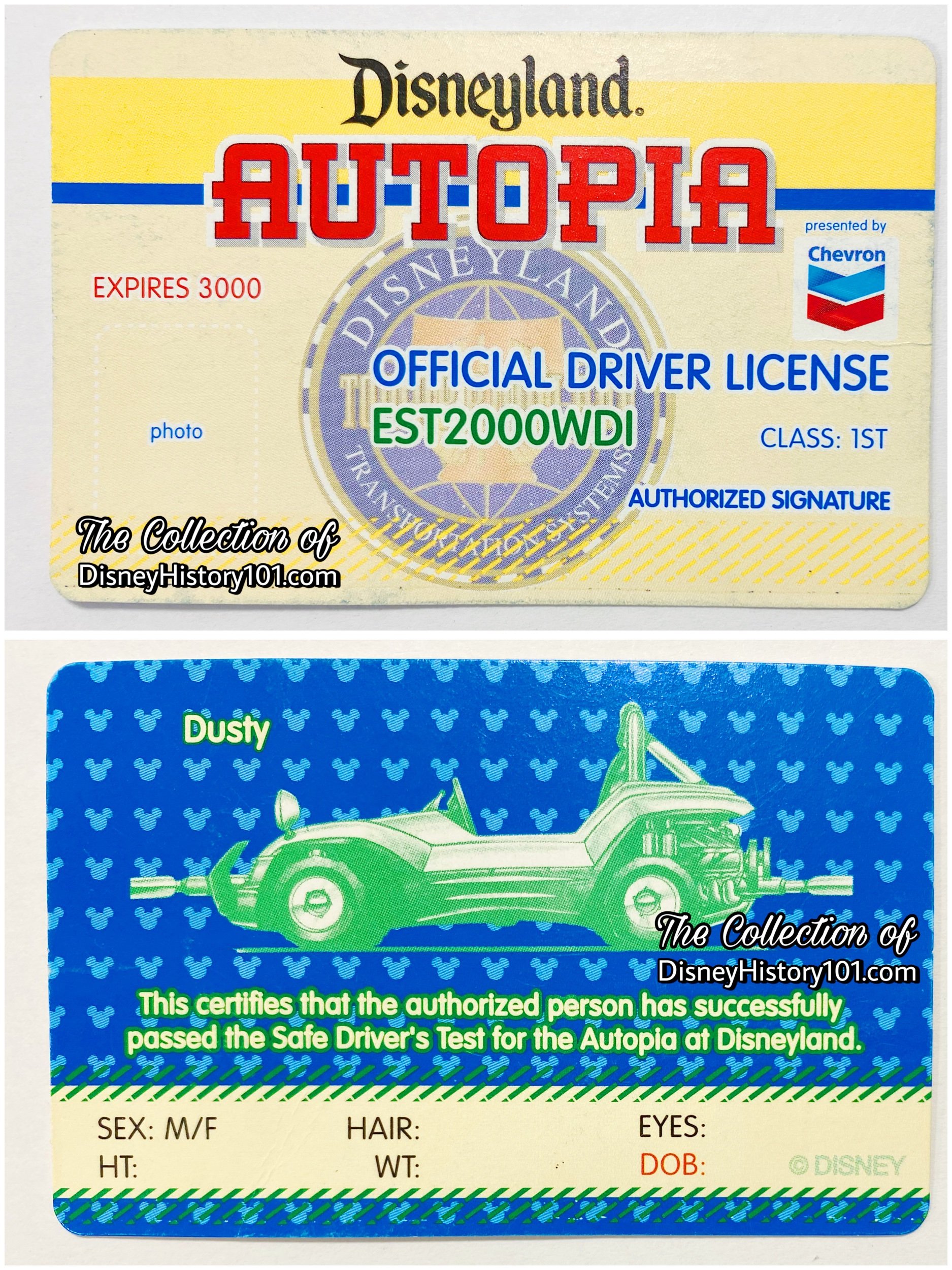
Even after all, in 2008, WDI master planners entertained the concept of an update to the Autopia - something called the “Chevron Initiative.”
The Autopia is truly a “timeless” attraction! In one of his final publications, Dave Smith (previous Chief Archivist Emeritus of the Walt Disney Archives), included the Autopia among “the only attractions still at Disneyland today that were there on opening day, July 17, 1955.” [Disney Facts Revealed by Dave Smith, 2016]

Do you remember that earlier memory of Bob Penfield’s (in interview with Disneyland LINE, Vol. 25 No. 28)? Bob recalled a conversation with Walt, while operating the Autopia. Walt asked, “‘What about those cars banging together - can we stop that?’ I told him, ‘Walt, I don’t think we’ll ever see the day that Guests don’t bang the cars together.’” Bob Penfield was no pessimist, but he was correct. By 1972, Pregnant women were restricted (for that very reason) from riding the Matterhorn Bobsleds and the Autopias. In the year 2000 (and almost a half-century after Bob spoke those words), these plaques (pictured above) featuring a safety warning as a reminder for guests of all ages. These plaques graced the dash boards of the all-new Chevron Autopia Vehicles at Disneyland!
All of this would continue to contribute toward pleasant drives through the scenic side of Tomorrowland!
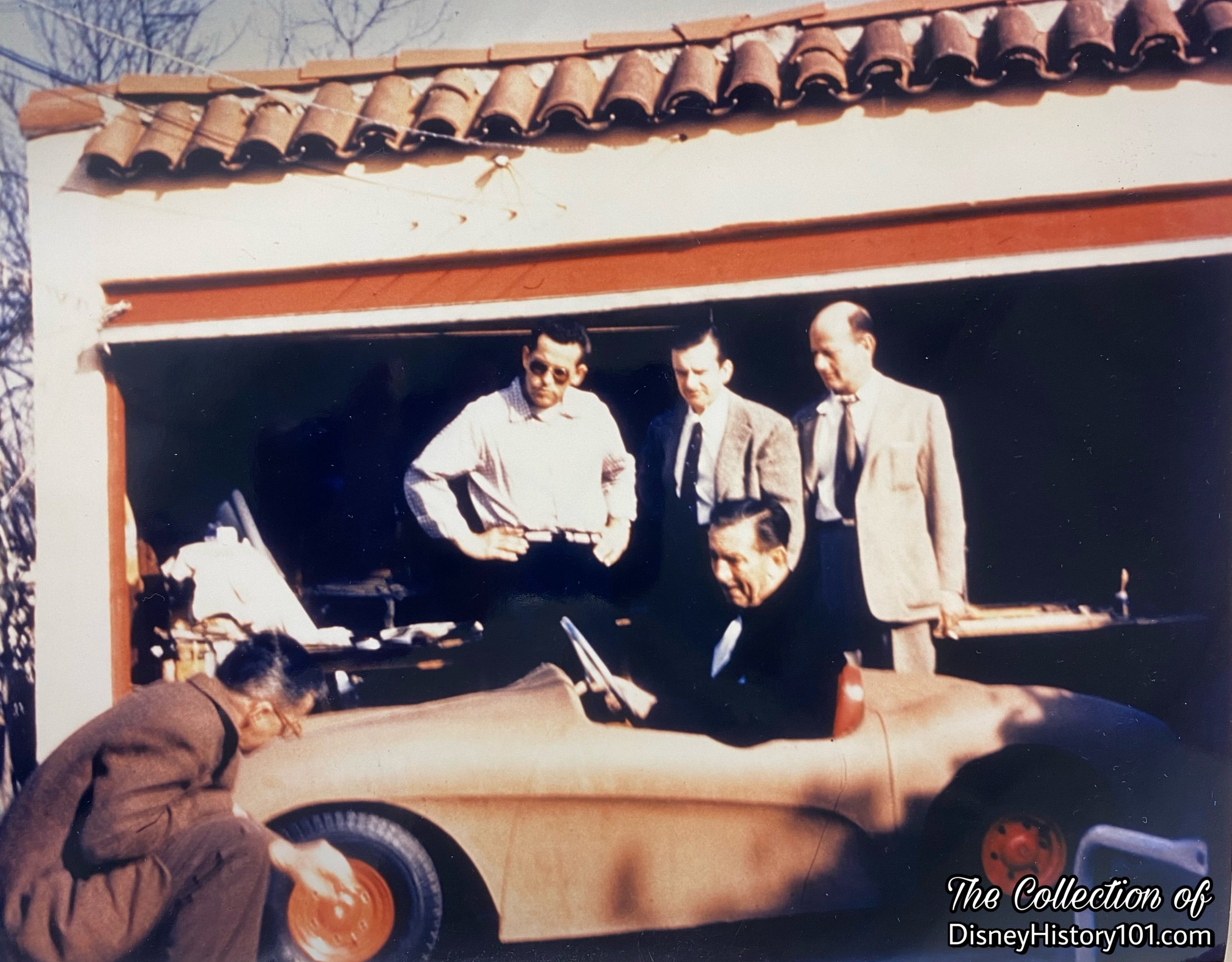

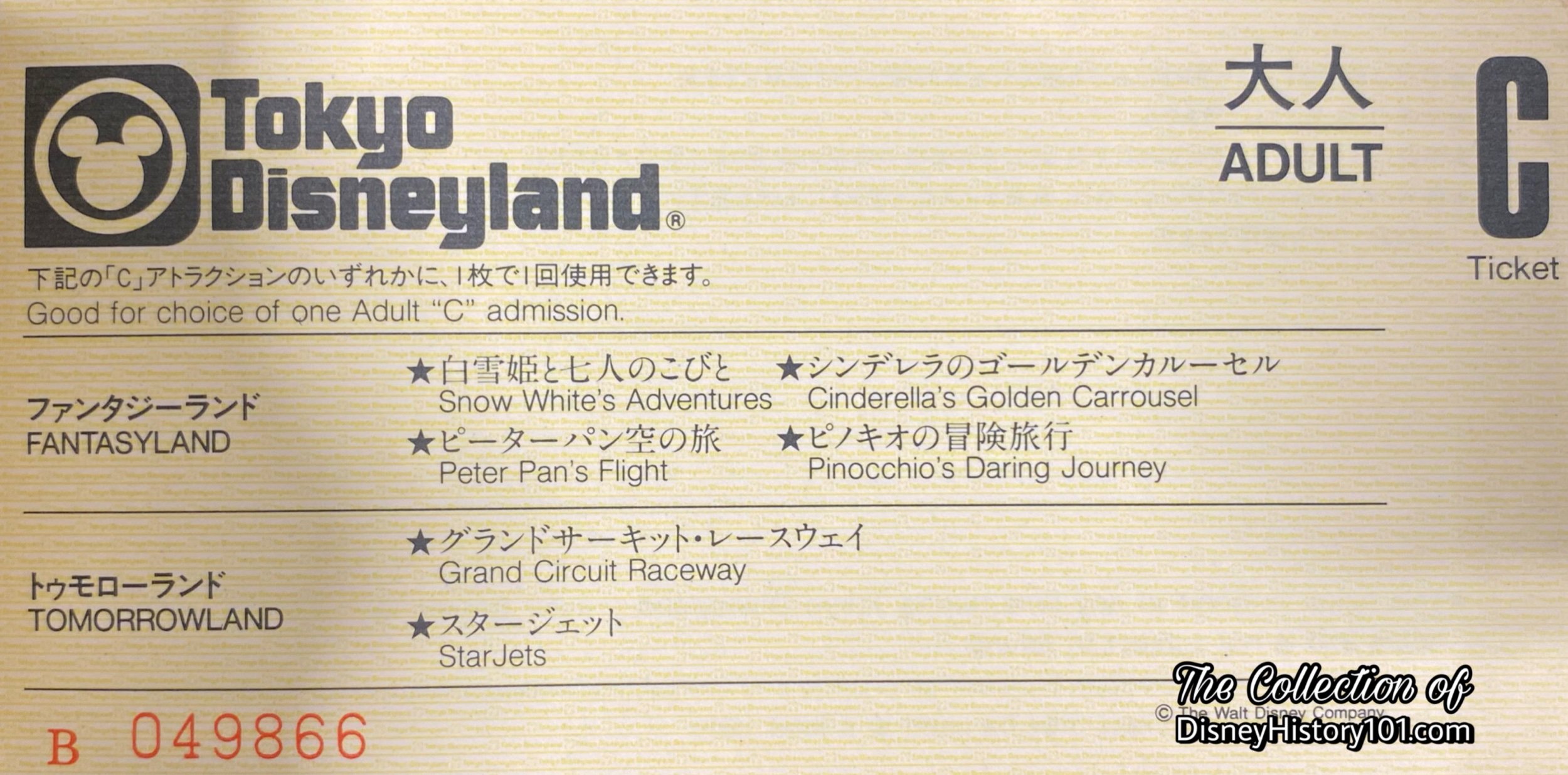
Outside the original Disneyland Park, the Autopia would also have a legacy at Disney Theme Parks, like Tokyo Disneyland.
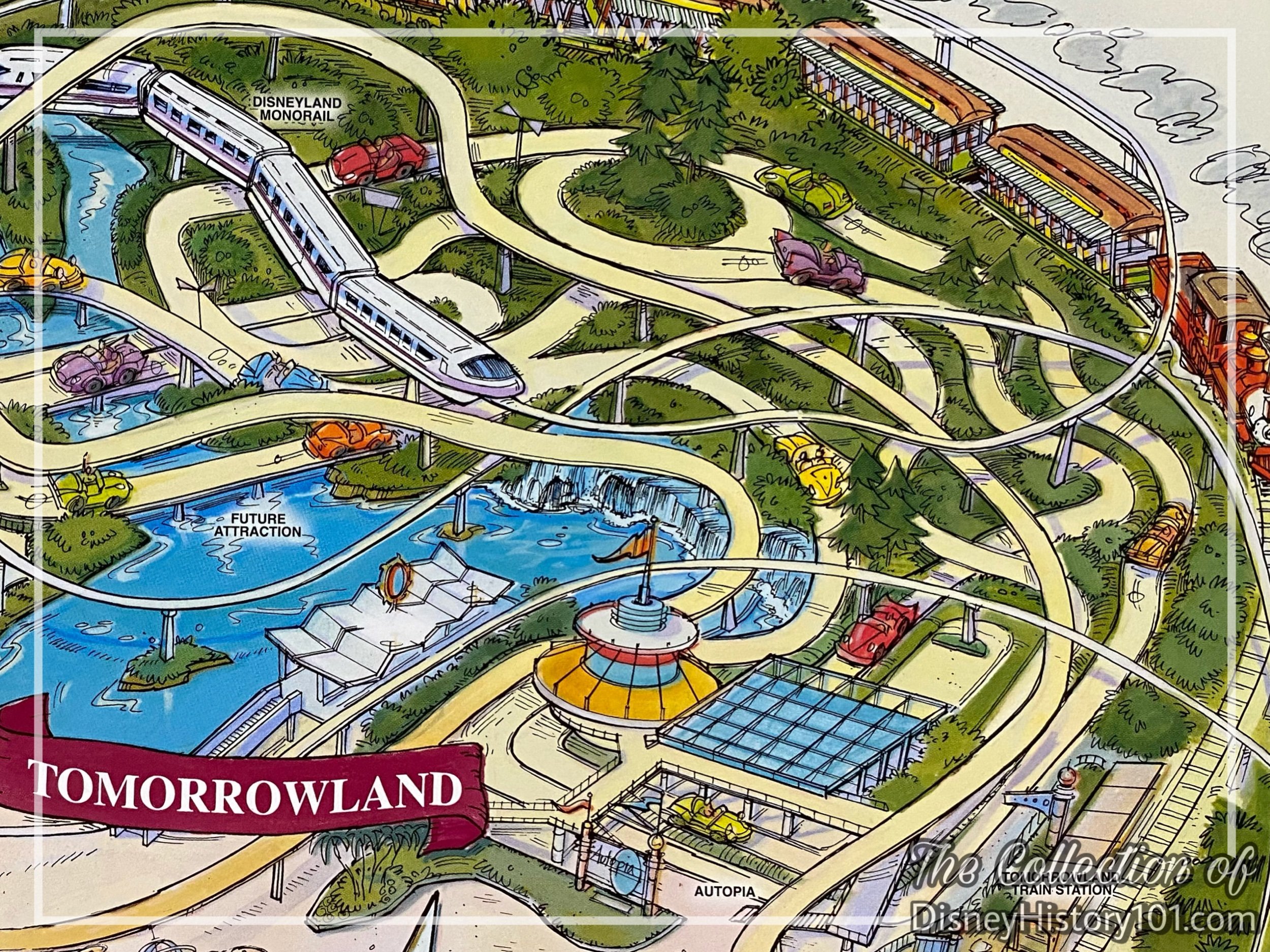
Since the beginning, the Four Keys of the DISNEYLAND Show (operating priorities in presenting the DISNEYLAND Show) have been present - Courtesy, Safety, Show, and Efficiency. Walt Disney Imagineers are always seeking out new magical opportunities to increase the efficiency, safety, and show quality of Disneyland adventures! Walt once divulged, “When we consider a new project, we really study it - not just the surface idea, but everything about it. And when we go into that new project, we believe in it all the way.” [“Walt Disney Productions Annual Report to Shareholders and Employees Fiscal Year Ended October 2, 1965”]
That philosophy having grown into a Disneyland tradition, assures us that some form of the Autopia may continue will continue with Tomorrowland far into the future. Already, plans have been announced for another reimagining of the timeless Tomorrowland Transportation System, with electric cars planned to arrive in 2026!
AVENUE OF FLAGS / COURT OF HONOR
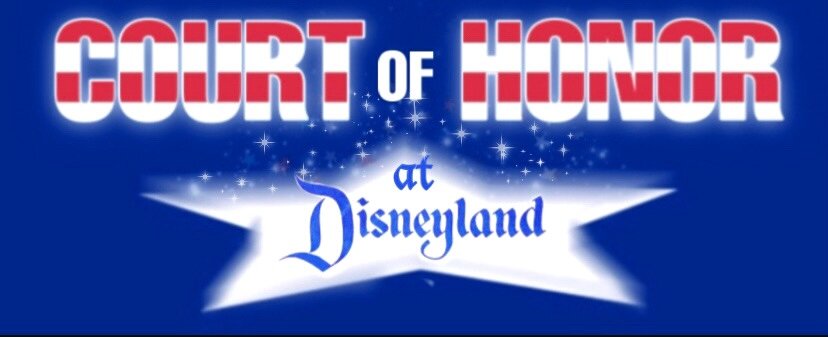
“Prologue - ‘Forever Let Us Hold Our Banner High’”
Disneyland® Park has always flown all sorts of flags! According to The Disneyland Dictionary (printed October of 1959): “There are many flags flown in Disneyland - atop buildings, flag poles and many of Disneyland’s boats. There are American flags of today and flags of our nation’s historical growth, and flags of other countries. There are also Mickey Mouse flags and the official Disneyland flag.”
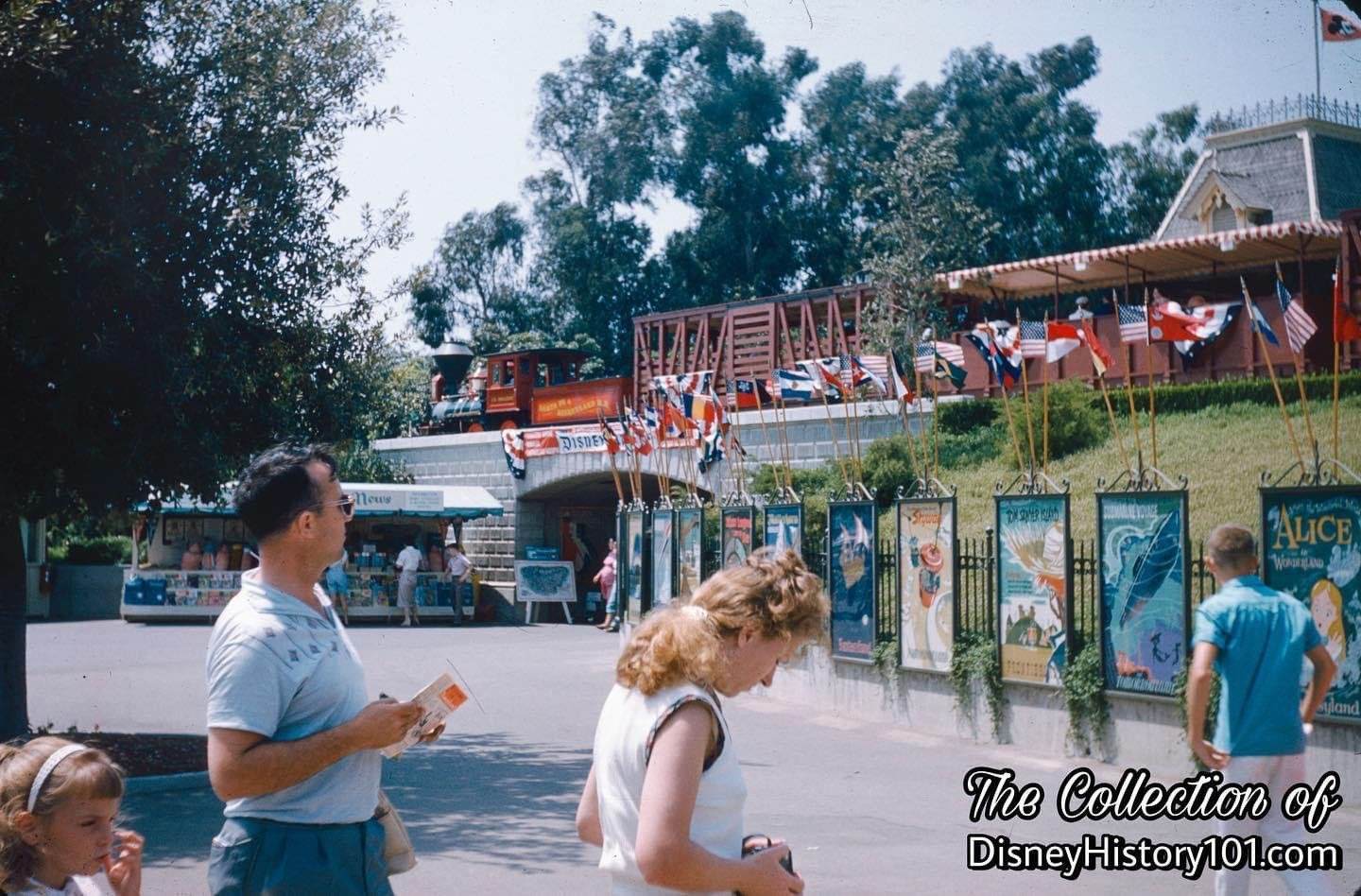
There was Disneyland’s official flag over the Santa Fe & Disneyland Railroad Main Street Station, there were historic American revolution-era flags near the Frontierland Dock, and there were even international maritime signal flags over the Tomorrowland Exhibit Halls. Occassionally, international flags decorated thoroughfares during special events like the opening of the Matterhorn in 1959 (pictured above).
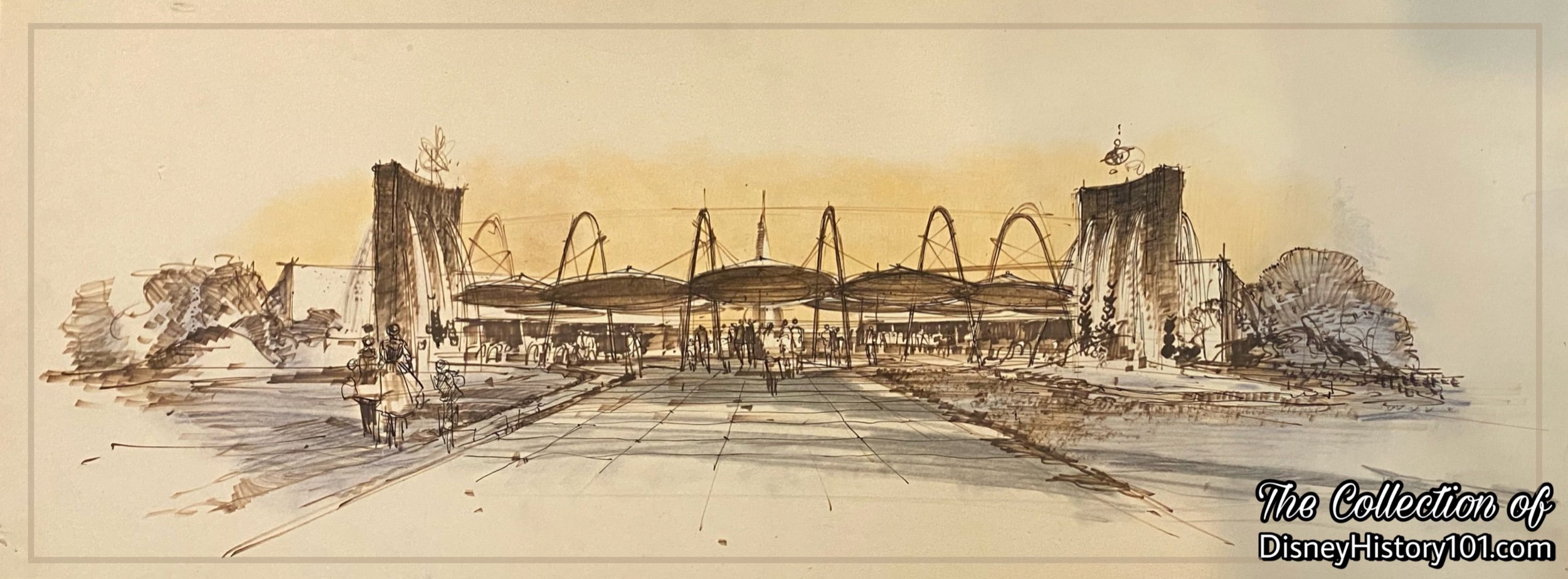
“Designing the Court of Honor”
The presentation of the Court of Honor show on the vast DISNEYLAND “stage” was a distinct part of the Disneyland theater concept. About this time, thumbnail sketches and other concept artwork of Disneyland seemed to be unencumbered by restrictions of budget, schedule or the laws of nature and physics. Like the modern “Blue Sky” process, Walt’s team appeared to engage in “free-thinking.” This is what a good amount of Herb Ryman’s “suggestions” depicted for the Entrance to Tomorrowland - some patriotic thematic elements, plenty of fountains, and atomic emblems.
Ultimately, Ryman’s fountains were incorporated into the design of the Tomorrowland Exhibit Halls and a new patriotic salute was born - the Court of Honor. Final designs were quickly generated and approved, like some advanced “High Concept”. Some of these viable project Concepts (as depicted above), were supported by a well-developed business case and built expectation. These concepts were soon followed by drawings which defined all designs, production and construction strategies, costs, schedule, and resource requirements.
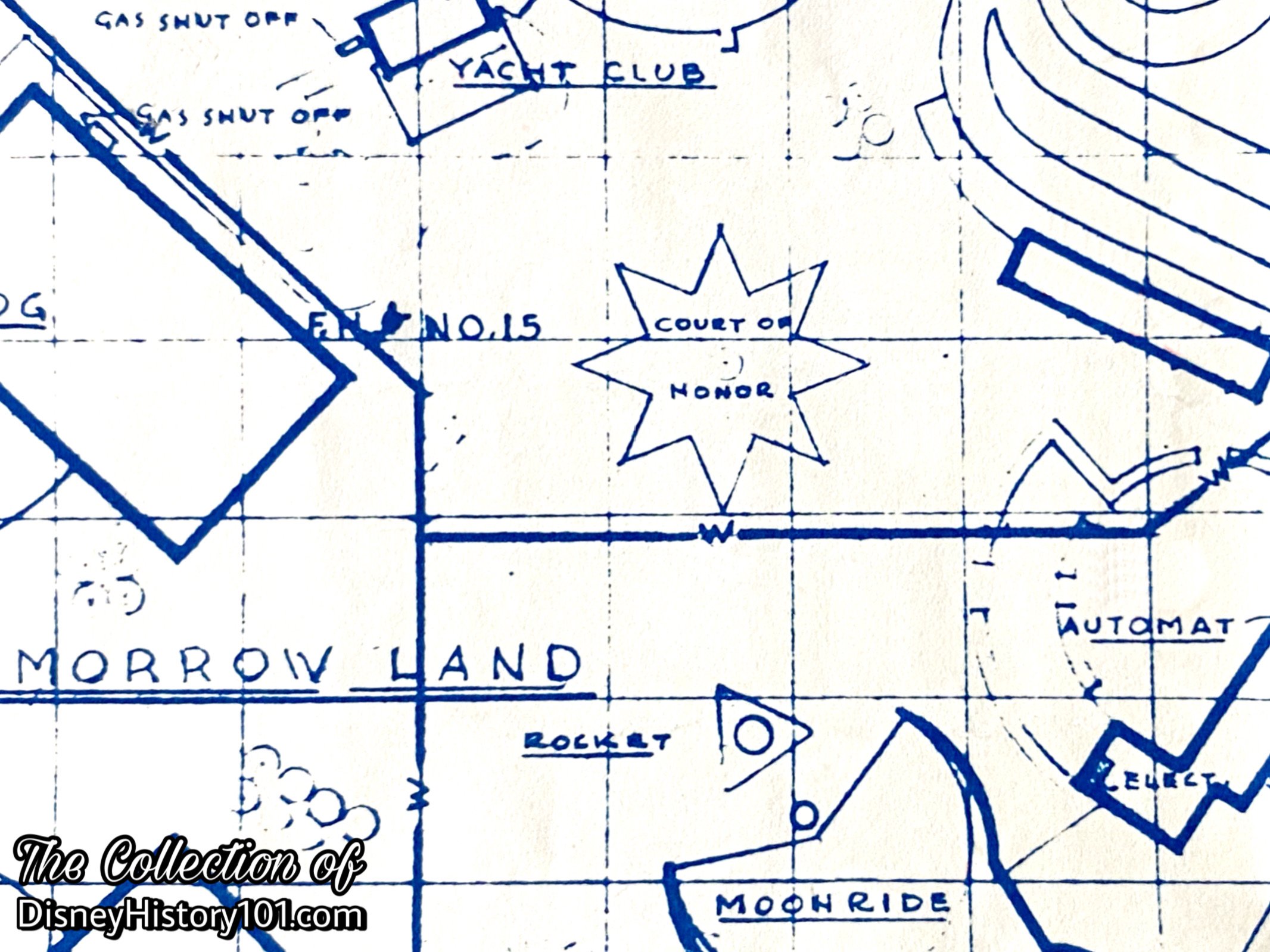
“Constructing the Court of Honor”
Construction crews didn't begin work on any of Tomorrowland until six months into the project. F. M. Franz, manager of operations for McNeil Construction expressed: “We feel sure there has never been anything built like this in Southern California, or elsewhere in the United States. Many of the items were constructed from artist’s sketches.” The flag poles were not installed until the final stages of construction. Still, while Tomorrowland was being completed, Bob Thomas quoted Walt, reporting “‘We’ll have flags all over the place,’ he remarked. ‘At the entrance we’ll have a big one with 48 stars… And in Tomorrowland, the flags will have 50 stars - - for Hawaii and Alaska.’”
As of June 2, 1955, C.V. Wood Jr. sent an Inter-Office Memorandum to Walt Disney regarding the best estimates that could be obtained at the time regarding the completion status of individual sections of the Park and Opening Day. C.V. wrote: “Flag Poles: We need location decision.” By July 1, 1954, George Whitney of Disneyland, Inc. directed Amusements, with Ron Miller overseeing analysis, philosophy, capacities, planning, operator training, and amusement procurement. Both George and Ron were likely involved in planning the location for the Court of Honor.
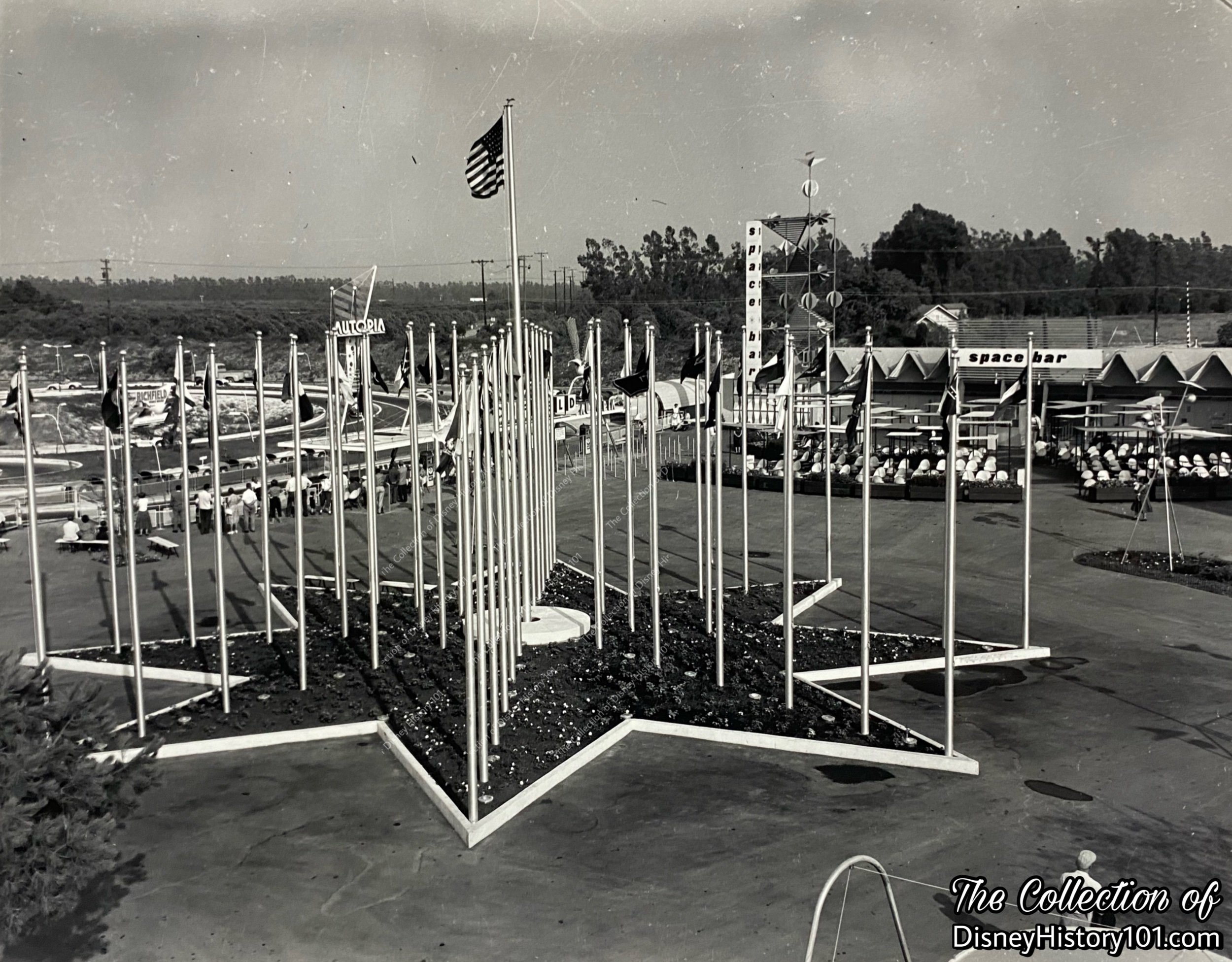
“Dedicating The Court of Honor”
On the Opening Day of Disneyland, The Court of Honor was Tomorrowland’s special star-shaped “hub” (or, plaza), and homage to the current United 48 States of America! The Court of Honor was situated near the center of Tomorrowland, at the entrance to Hobbyland. In the center of the Court of Honor, was (despite Walt’s promise to Bob Thomas) one of Disneyland’s two 48-star flags, flying high. This flag pole was special, because its United States flag was one of two Disneyland flags lowered at the time of the Retreat Ceremony, at the end of each Disneyland day.
On that Opening Day of Disneyland, the free exhibit was dedicated as the forty-eight states were saluted by 48 Boy Scouts of America who ceremoniously hoisted the 48 colorful state flags up their respected poles (all in coordination with a drum line). [See the Disneyland Opening Day Telecast, July 17th, 1955 ; approx. 44:37] Some of these things are preserved through Opening Day documentation.
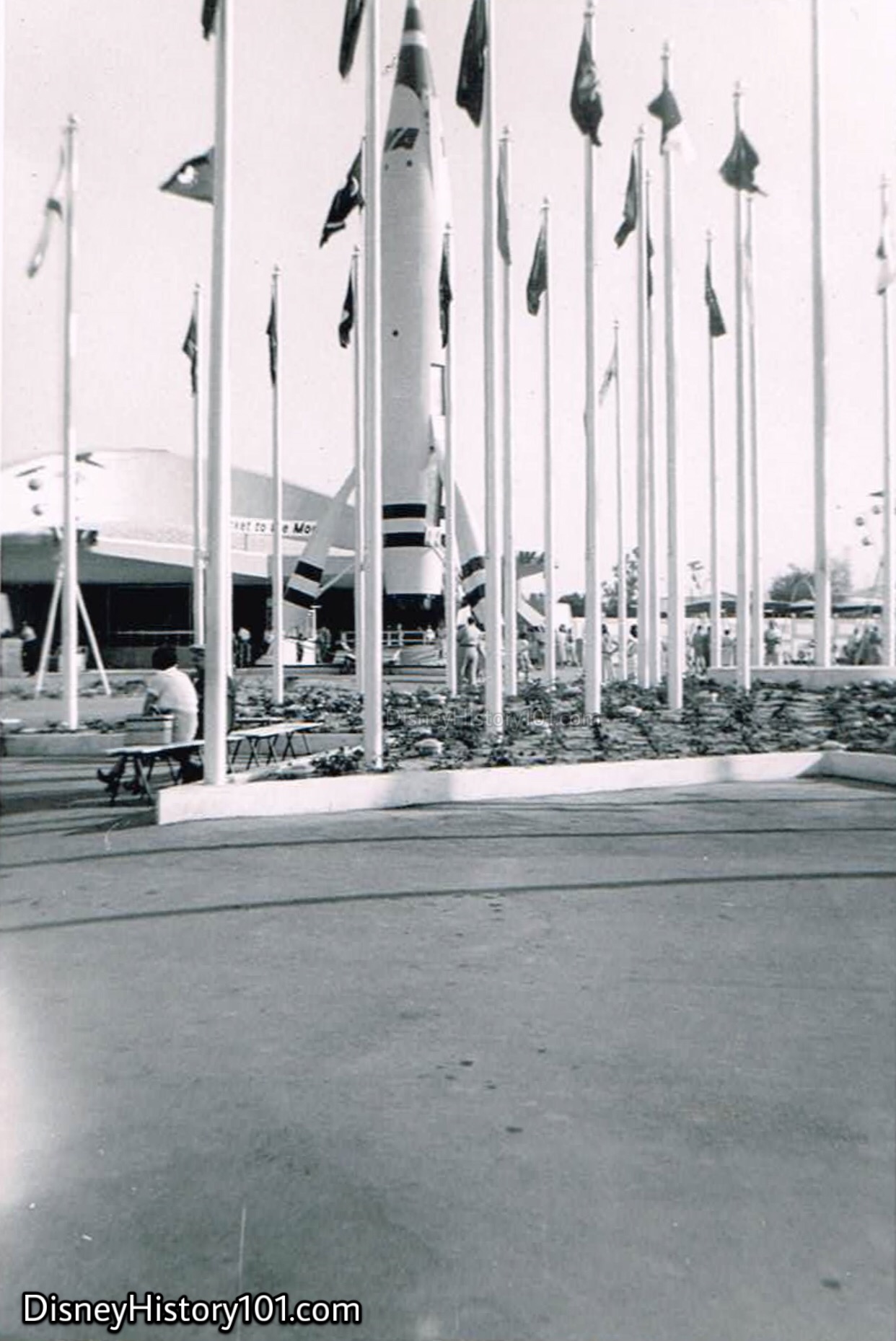
As a “sidelight,” a relationship with the scouts continued, when (on July 7th, 1956) both Disneyland and Walt Disney were subsequently honored before more than 40,000 Cub Scouts. This took place at a show held at Los Angeles Memorial Coliseum, and produced by the Los Angeles Area Boy Scouts of America! Walt Disney was named General Chairman of the big show, which co-starred television’s Mouseketeers, and was divided into four segments - “Adventureland,” “Fantasyland,” “Frontierland,” and “Tomorrowland.”
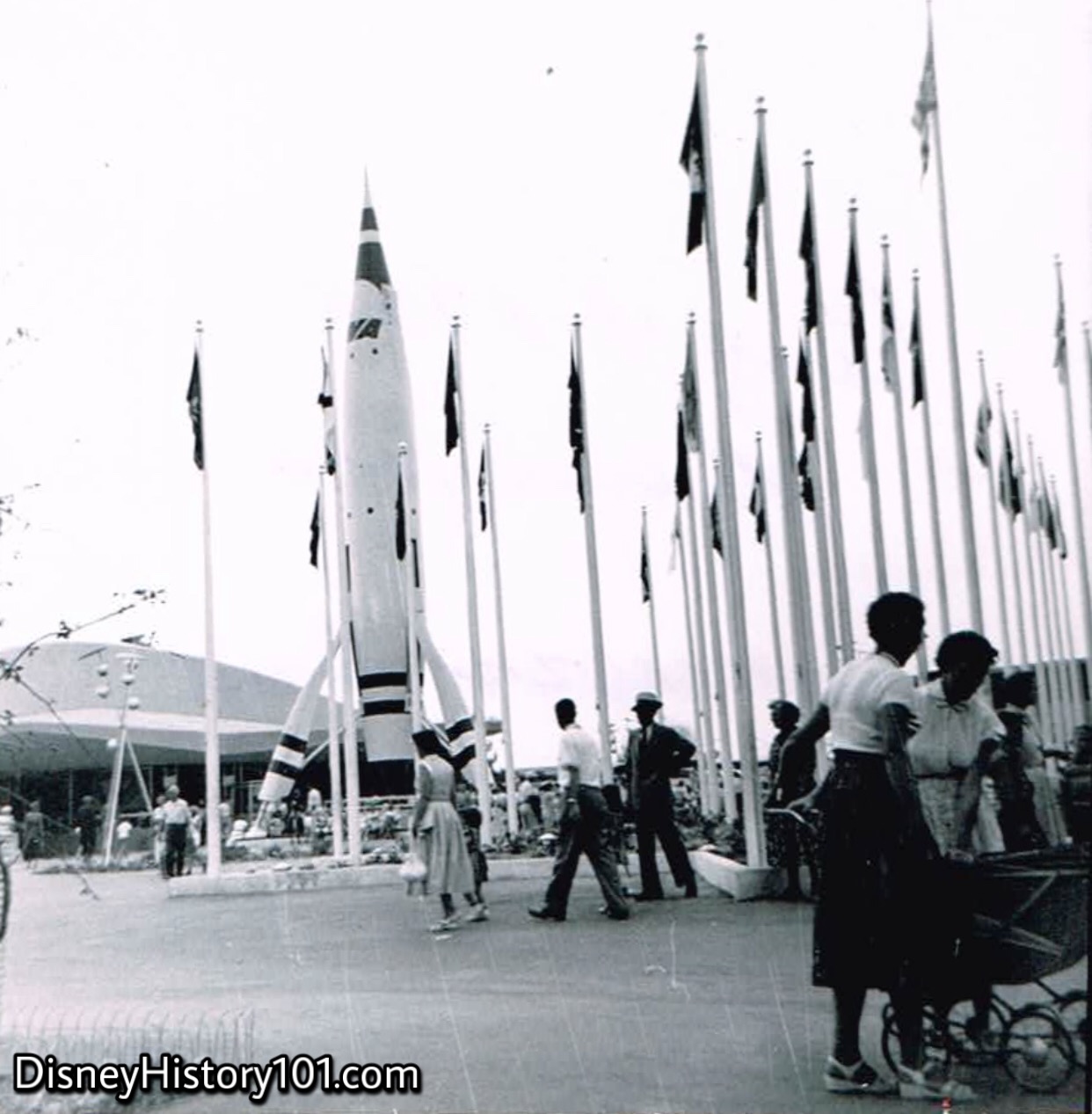
The flags were originally configured (appropriately) around a star-shaped floral bed in Tomorrowland’s “hub,” but things would soon change as Walt Disney’s promises of an expanding Disneyland would soon come true!

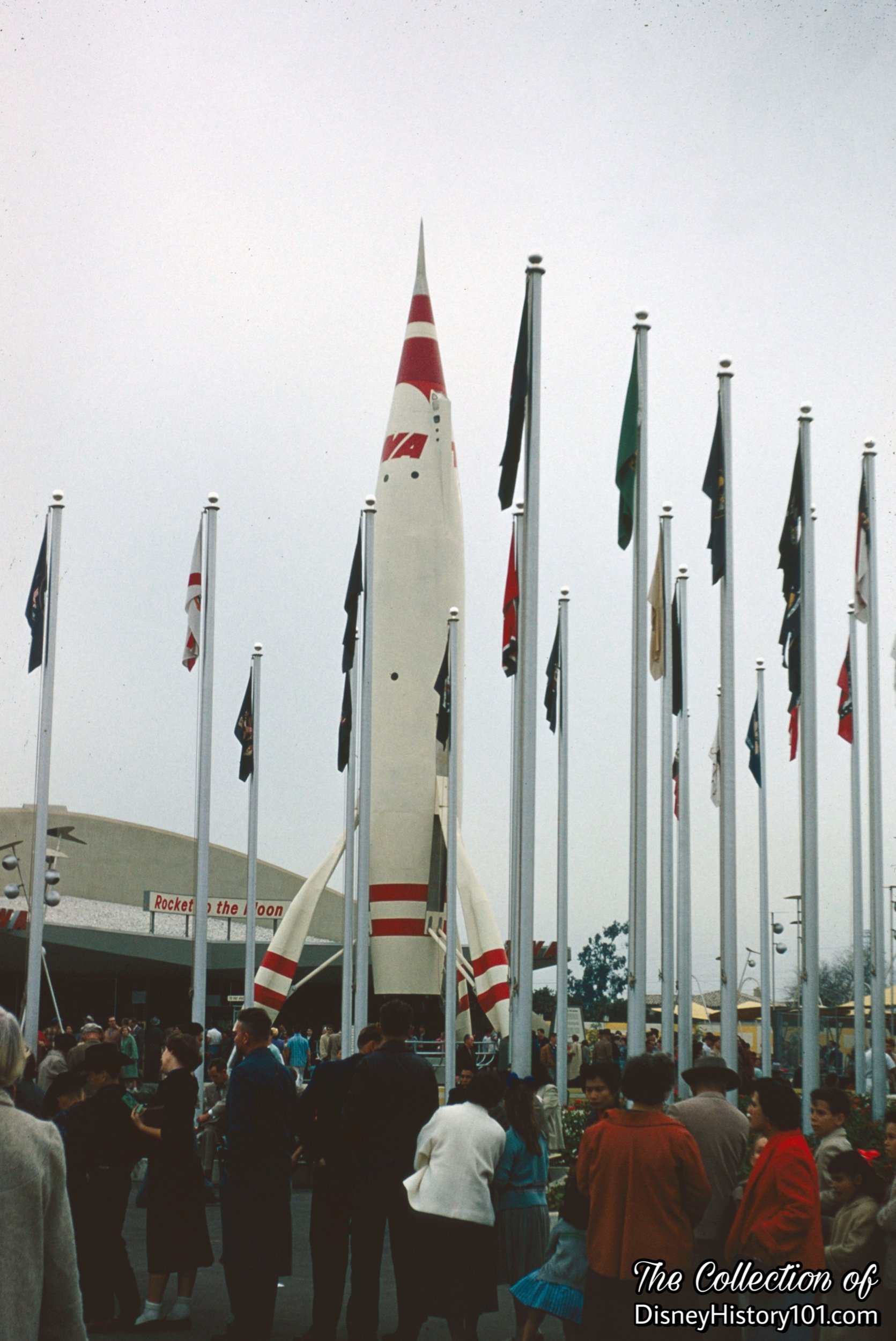
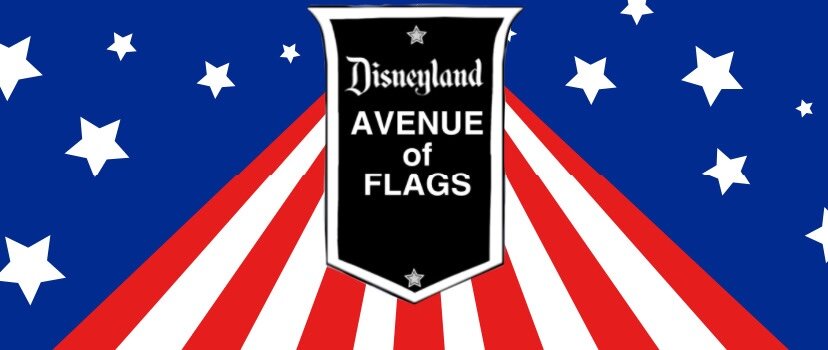
“New magical Opportunities”
Walt Disney, on the eve of Disneyland’s first day of operation, promised innovation, that “Disneyland will never be completed. It will continue to grow, to add new things, as long as there is imagination left in the world.” Walt also once said that “Disneyland is like a piece of clay : if there is something I don’t like, I’m not stuck with it. I can reshape and revamp.” A fantastic example is what became of the Court of Honor.
The Court of Honor didn’t last long at Tomorrowland’s hub, because big and efficient changes were soon headed to the Tomorrowland Show. In 1956, the area where the Court of Honor sat was repurposed, in its place AstroJets would circle over Tomorrowland. The star-configured flag poles were repositioned (similar to some of Herb Ryman’s “suggestions”), and efficiently stationed along the sides of Tomorrowland’s entrance, leading the way to the World Clock. Plaques were attached to each pole bearing a United States Flag (pictured), and each plaque featured the date of the state’s admission into the United States Union as well as its State motto. The newly decorated thoroughfare was now renamed the Avenue of Flags!
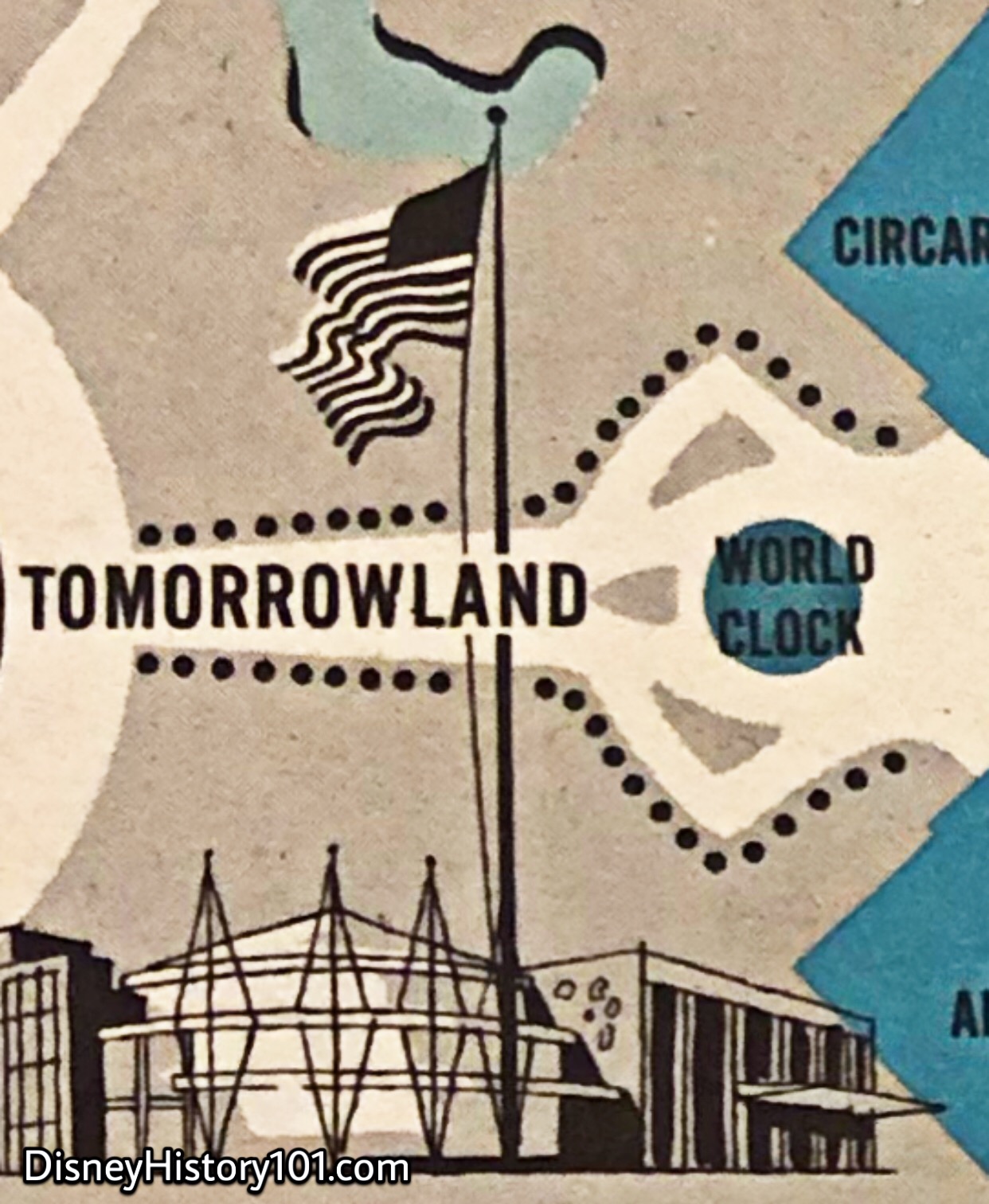
“A New Formation”
The flag poles lined the perimeter of the plaza containing the World Clock and three flower beds (for both aesthetic and crowd-control purposes). The Flag Poles were now arranged around the Entryway, like that of “Maine, Admitted March 15, 1820, 23rd State, Motto: ‘I Direct,’” which was located to the right of the Monsanto Hall of Chemistry entrance. Though not individually identified on the preceding map excerpt, you can get an idea of the new configuration for the poles.
“New Additions”
Also notable is that the Avenue of Flags saw three editions of this country’s official “Old Glory”. The Avenue of Flags debuted with a 48-star flag of the United States of America. As additions were made to the union, they were reflected in its own “star-spangled” banner that was the showcased centerpiece of the attraction. For example, on July 4th, 1959, an Alaskan Flag Ceremony was held in Tomorrowland commemorating the 49th state to join the union, on January 3rd, 1959! On this occasion, a brand new 49-star flag of the United States of America was hoisted up the flag pole in the center of the Court of Honor! A new pole was also added and the first Disneyland Dictionary printed October of 1959 soon made mention of the “flags of each of the 49 states.” The following year, a 50-star flag (first introduced July 4, 1960 at Fort Mc Henry) made its Disneyland debut.
Throughout that era, this American Flag was (1) of (2) contemporaneous “American flags of today” flown in Disneyland, one at the center of the Court of Honor at the entrance to Tomorrowland. However, a Flag Retreat Ceremony was observed at sun-down every day the park is open, only for the flag that was lowered from the pole in Town Square.
“Flag Installation and Maintenance”
Most of the flags flown at Disneyland during the “fabulous first decade” (including those on the Avenue of Flags)were manufactured by Horetense Van Der Wyk’s Hortie-Van of Pasadena, California. These flags were both installed by the Disneyland Drapery Department. The Disneyland Drapery Department also maintained the flags from weathering and tearing. During those early years, this task was accomplished by 1958 seamstress Al Alvarez, and others.

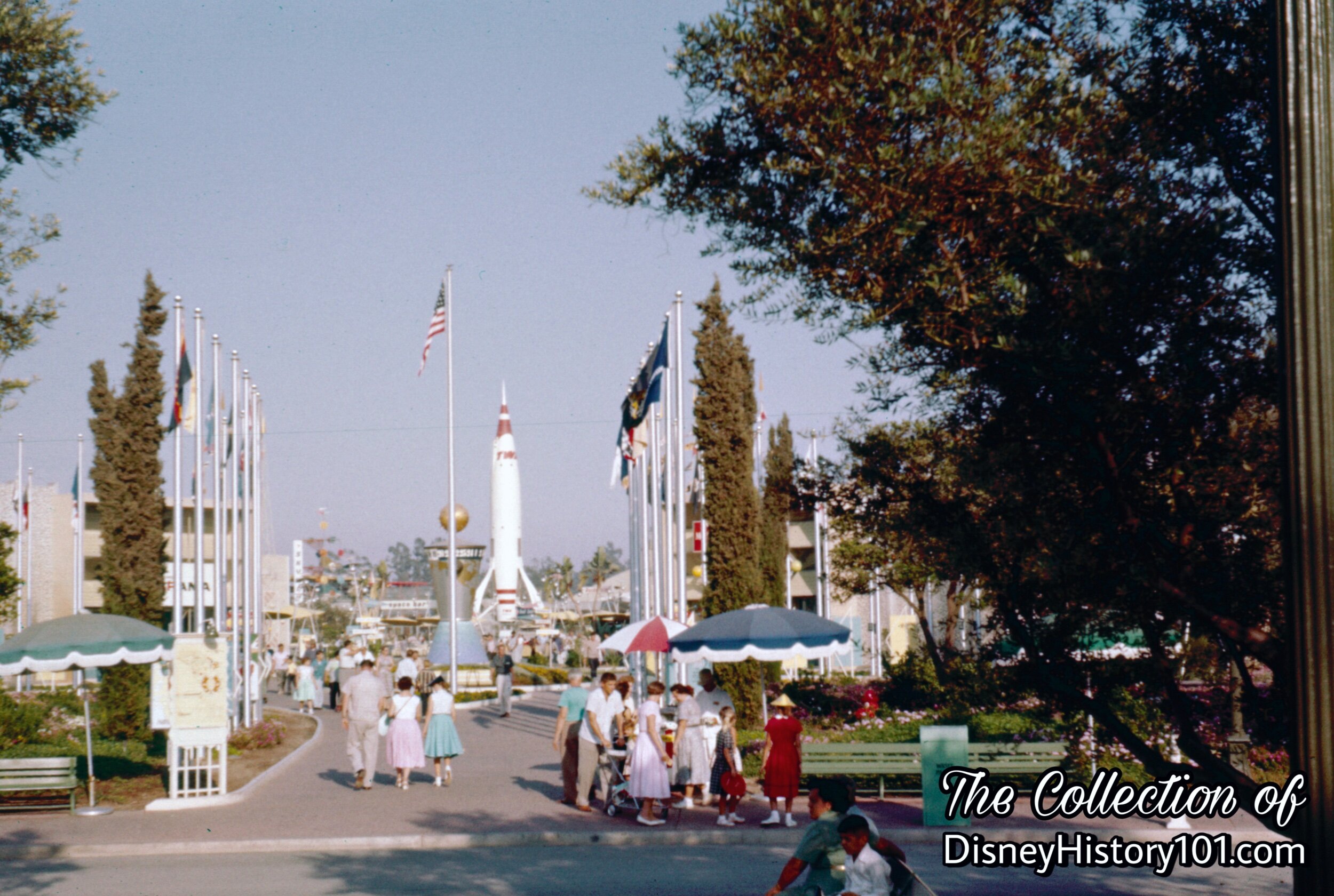
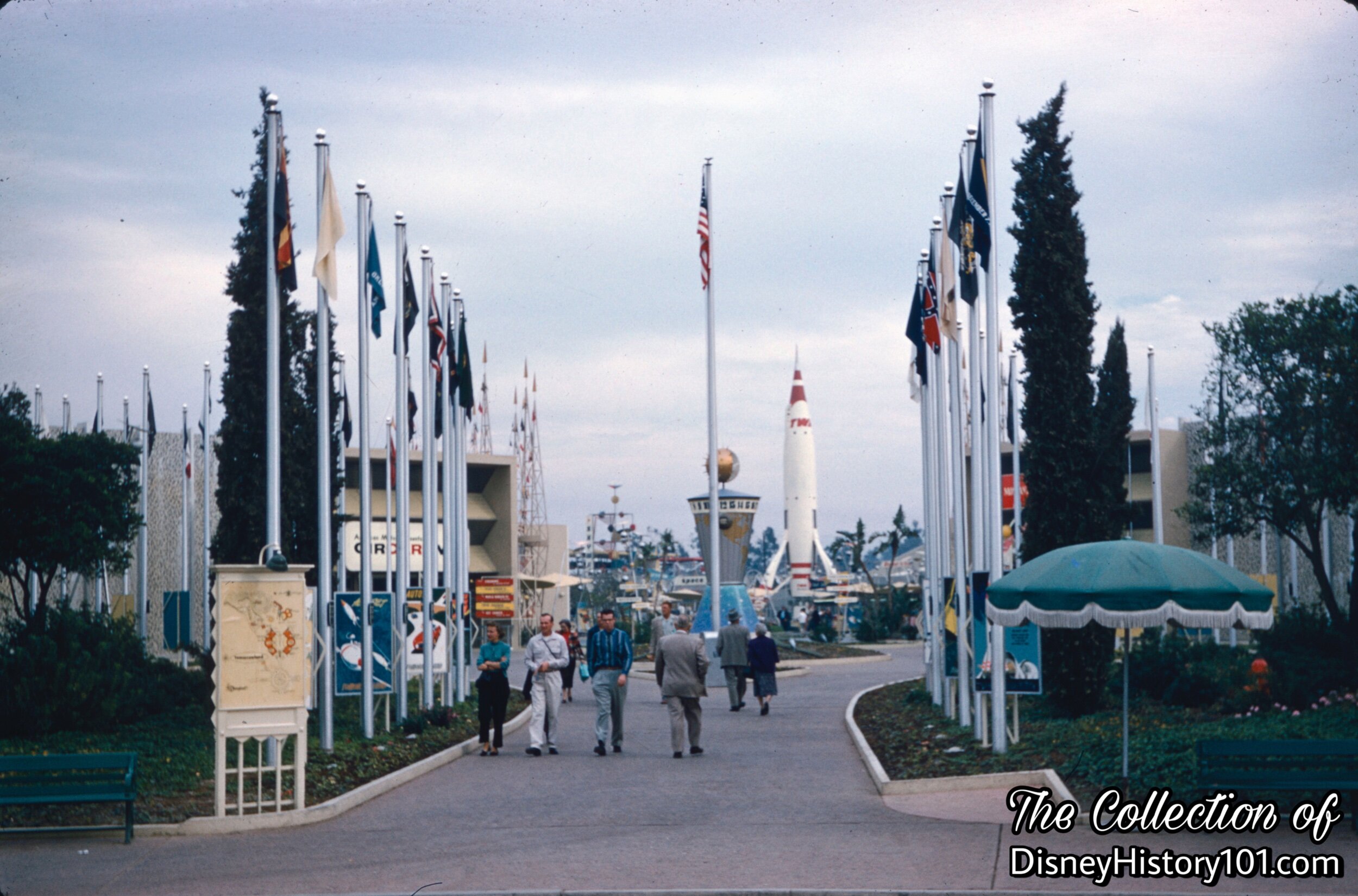

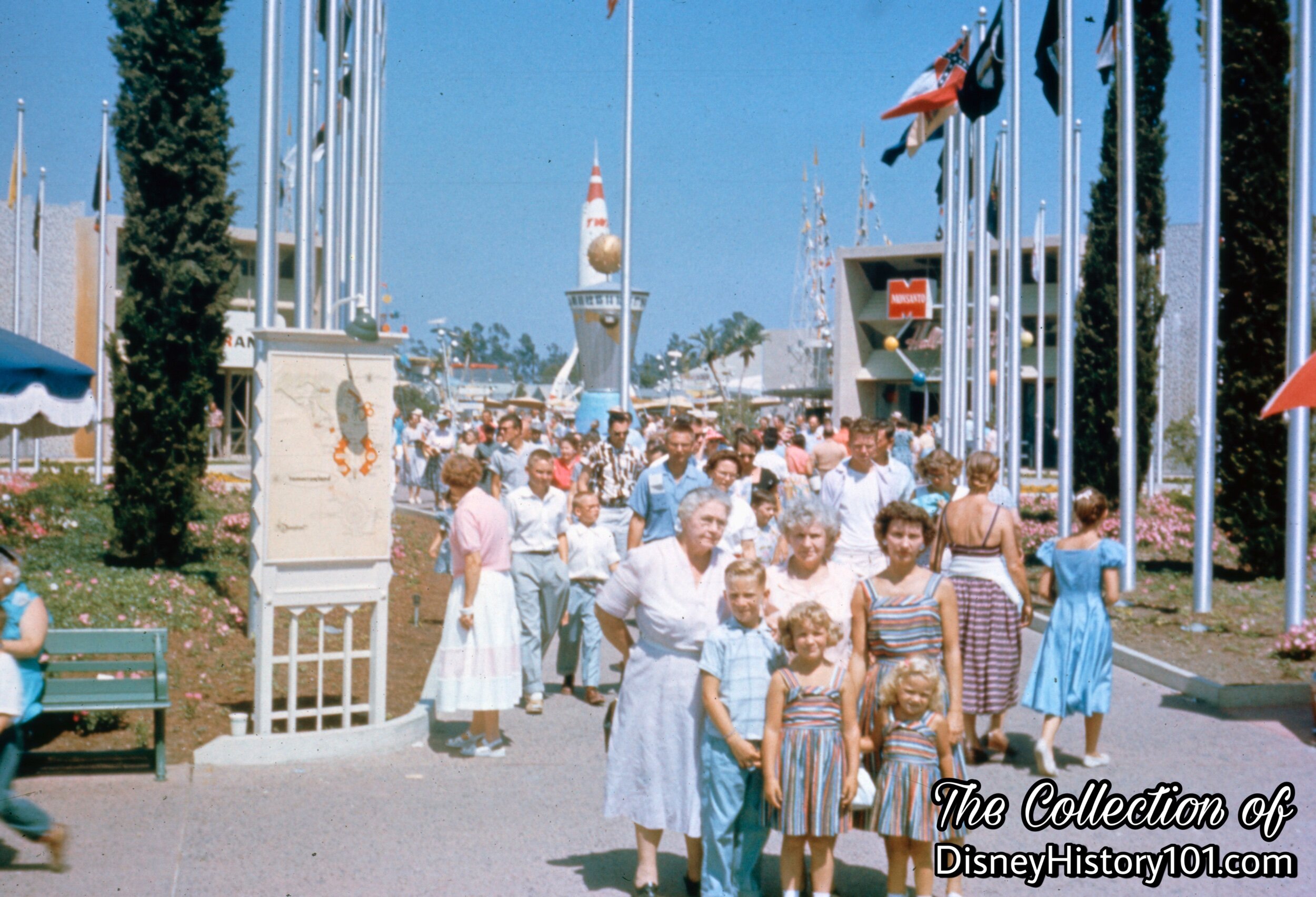
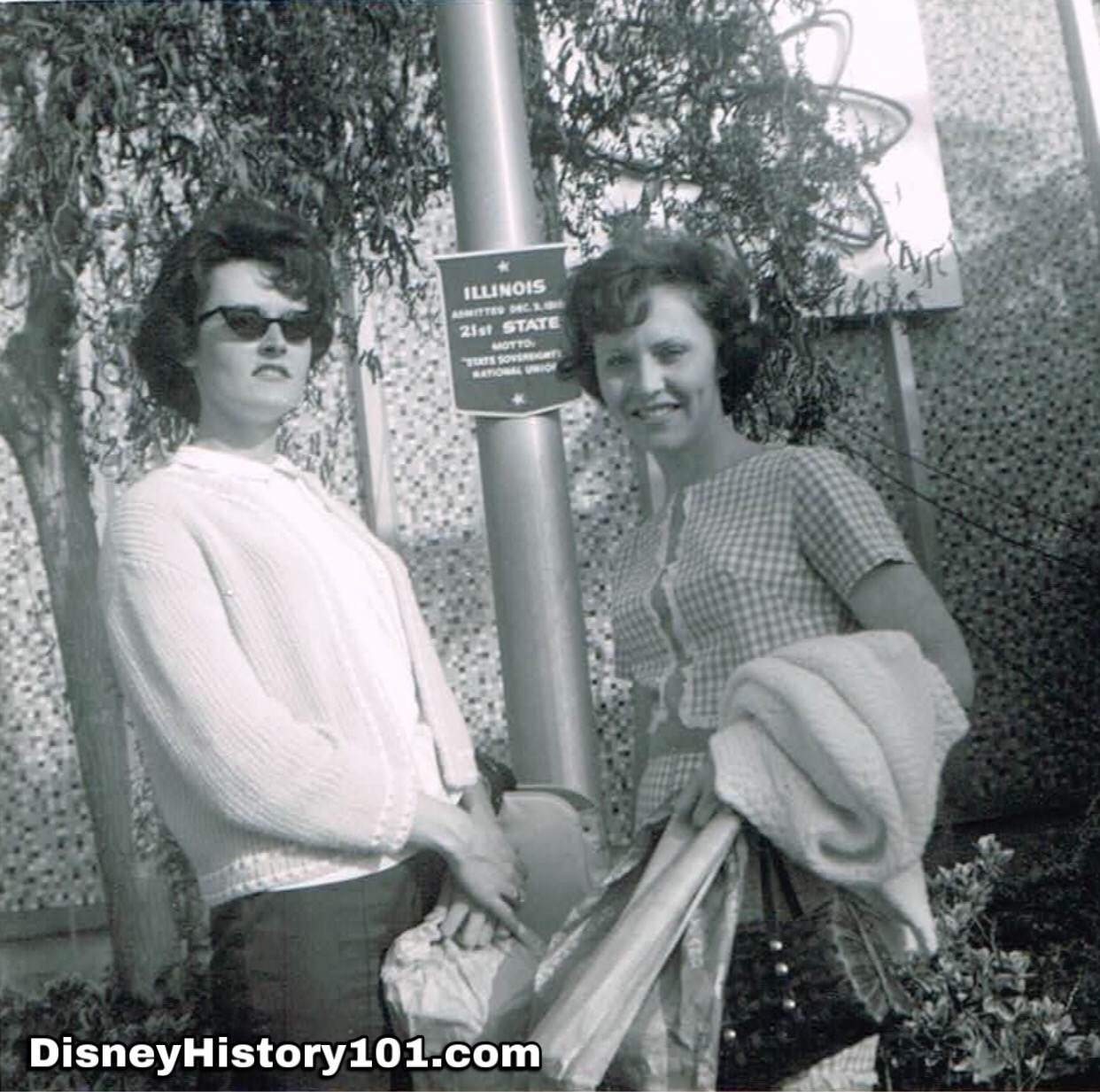
Guests enjoyed commemorating their visit next to plaques bearing their state’s motto. These guests are commemorating their visit to Tomorrowland next to the plaque of the “land of Lincoln”, the “prairie state” - the State of Illinois’! The motto of the 21st state of the union is proudly displayed, reading “State Sovereignty, National Union”!
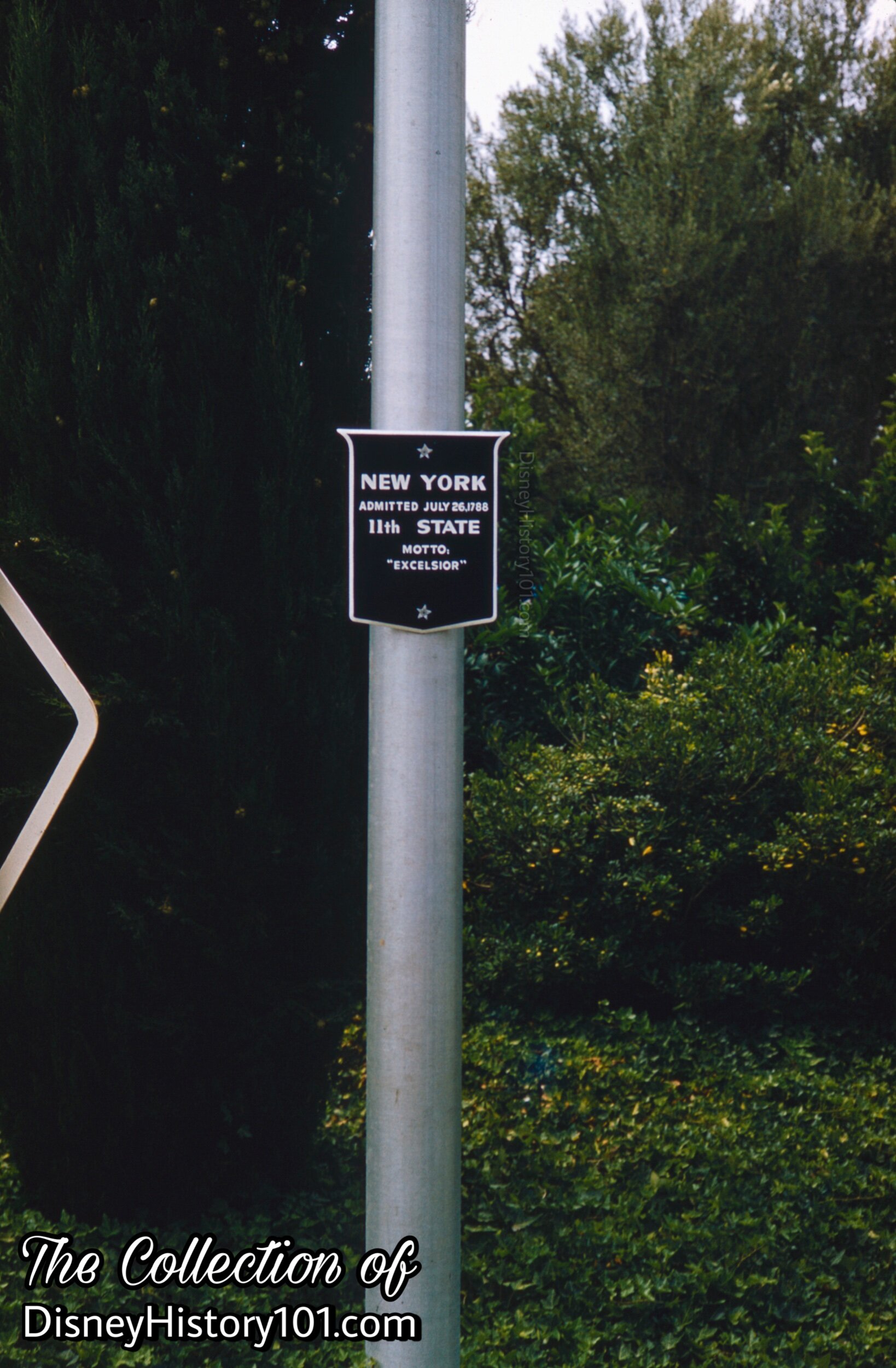
At Disneyland, signs were themed to support the stories with respectful graphics, colors, fonts, terminology, the overall design of sign, materials (wood, metal, banners, etc.), and verbiage used on the signage. Here, a plaque bearing one motto of New York (the 11th state of the union) - “excelsior”, sits proudly below the New York State Flag!
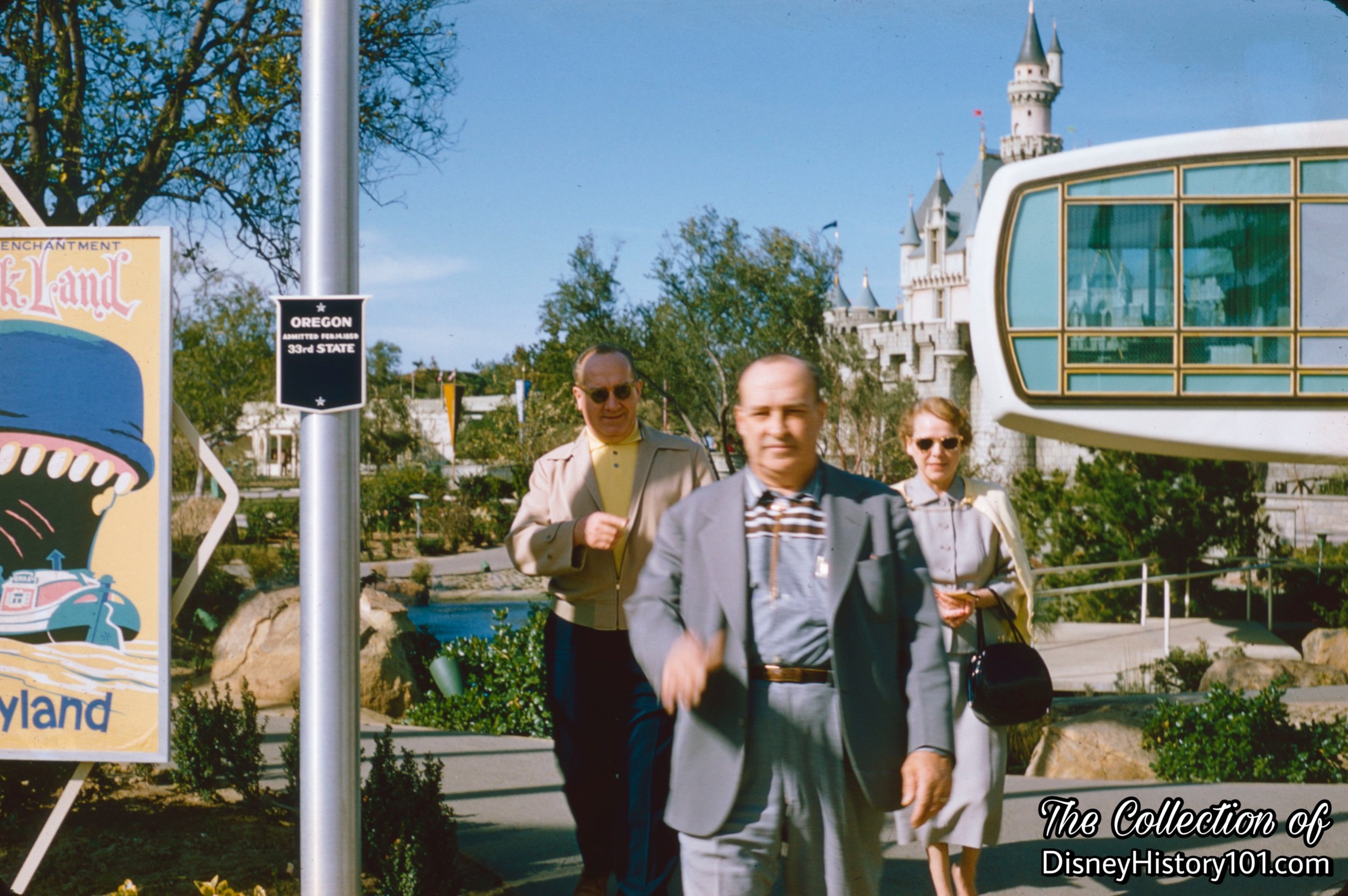
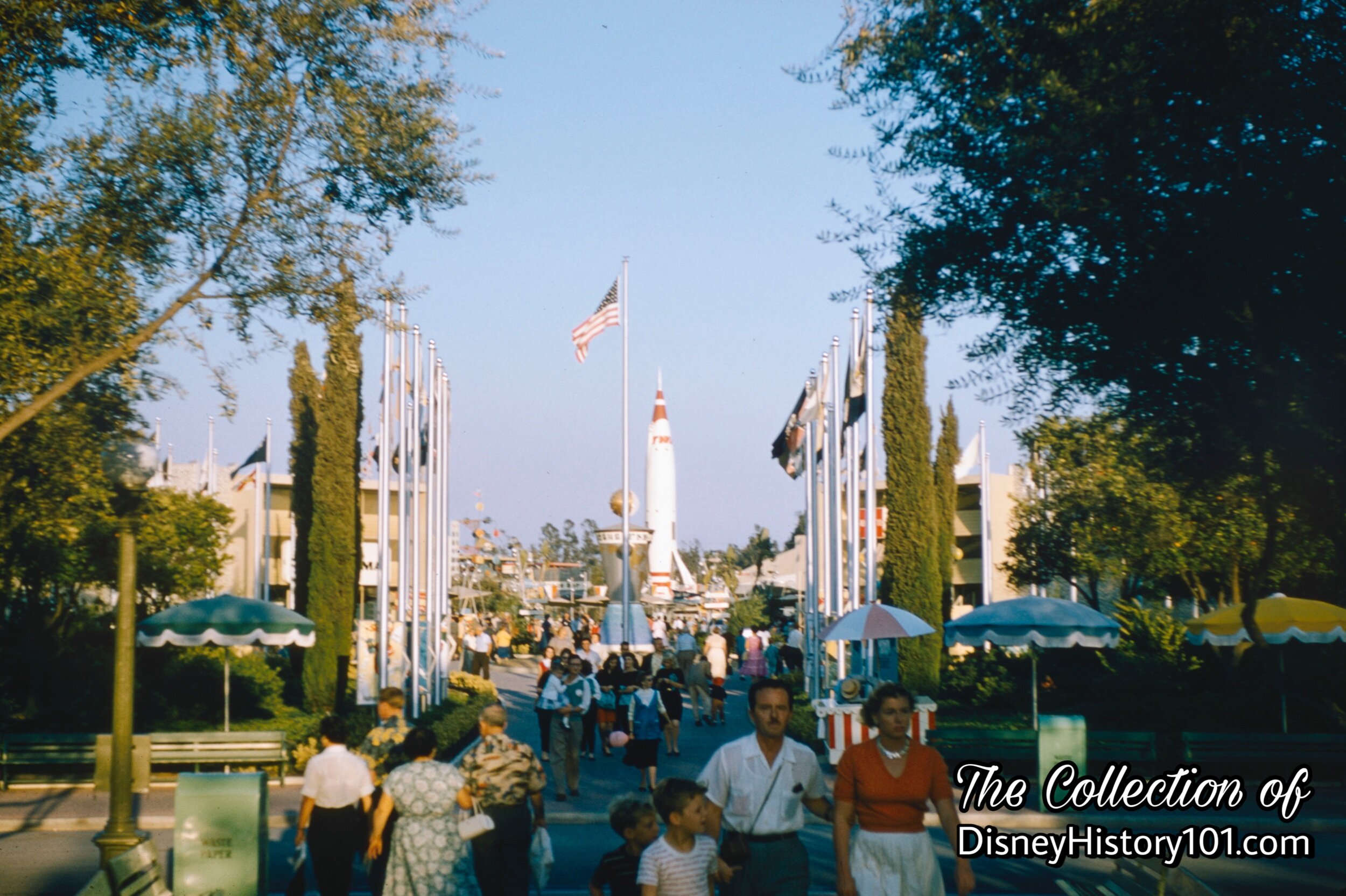

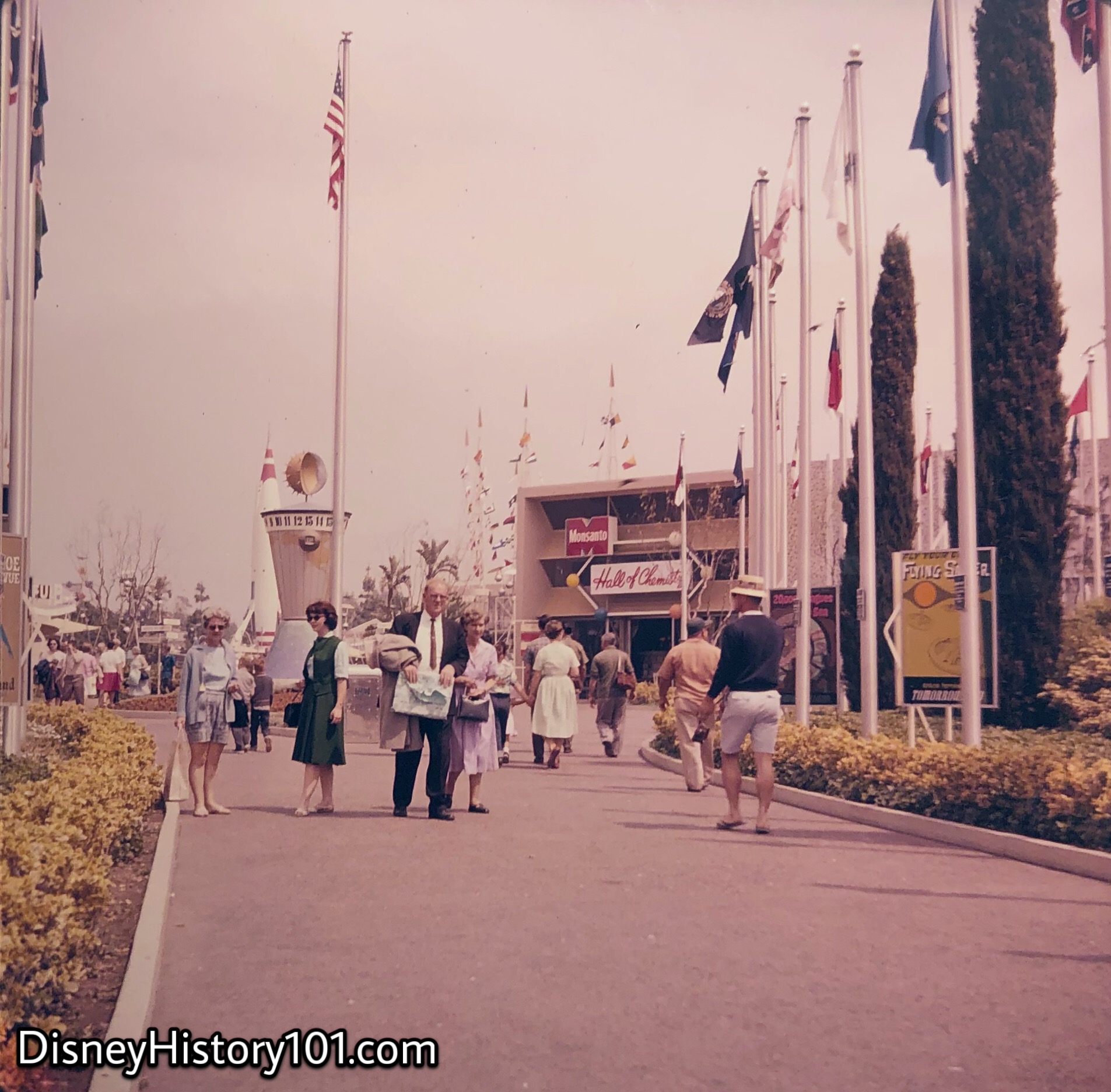
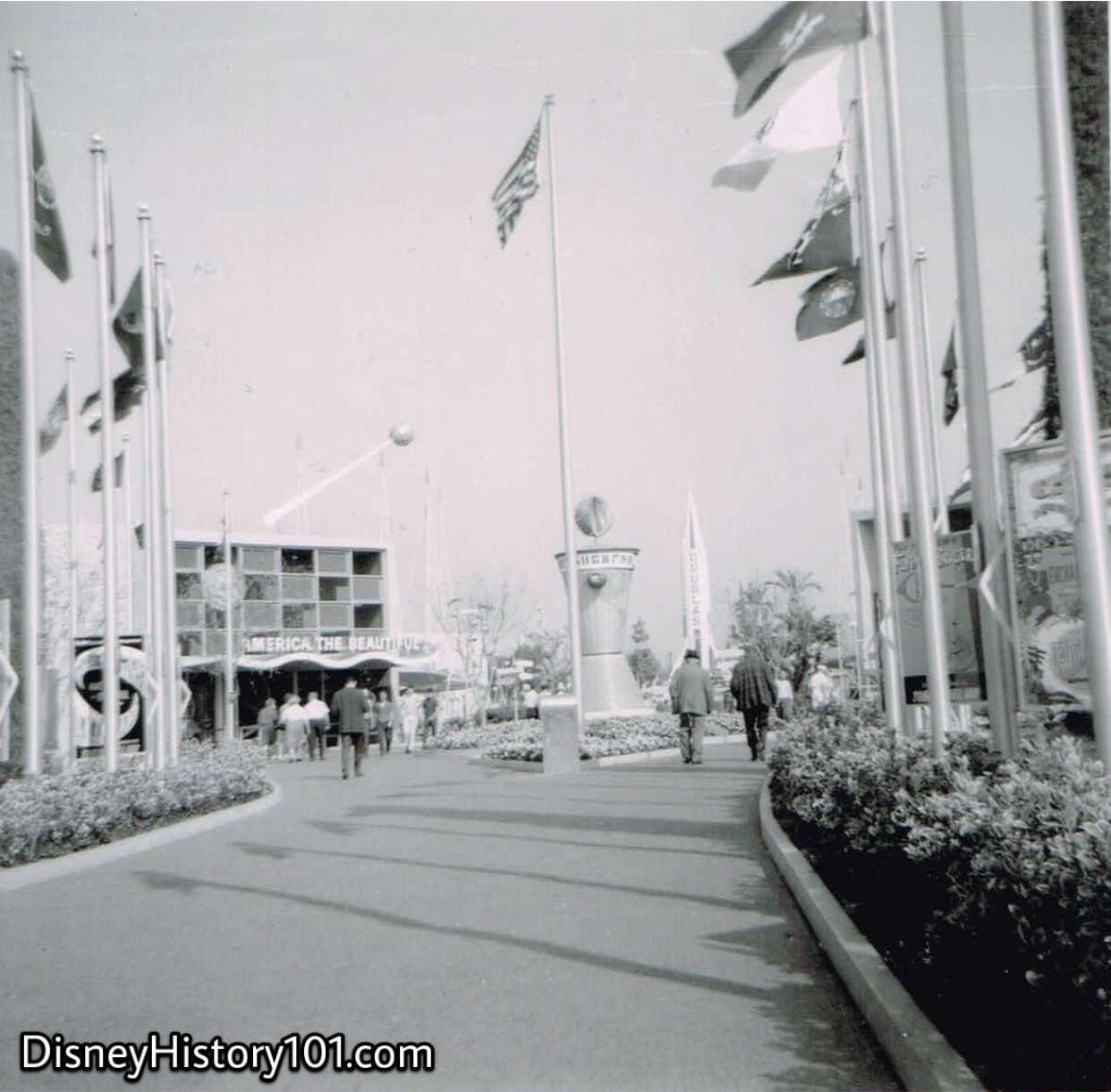
Room was made for new developments and the flag poles were soon reconfigured to line the thoroughfare leading into the land of Tomorrow! Now, a decade after the Avenue of Flags was created, the fifty flags of the union lead the way to the brand-new 50-star flag waving over the Clock of the World!
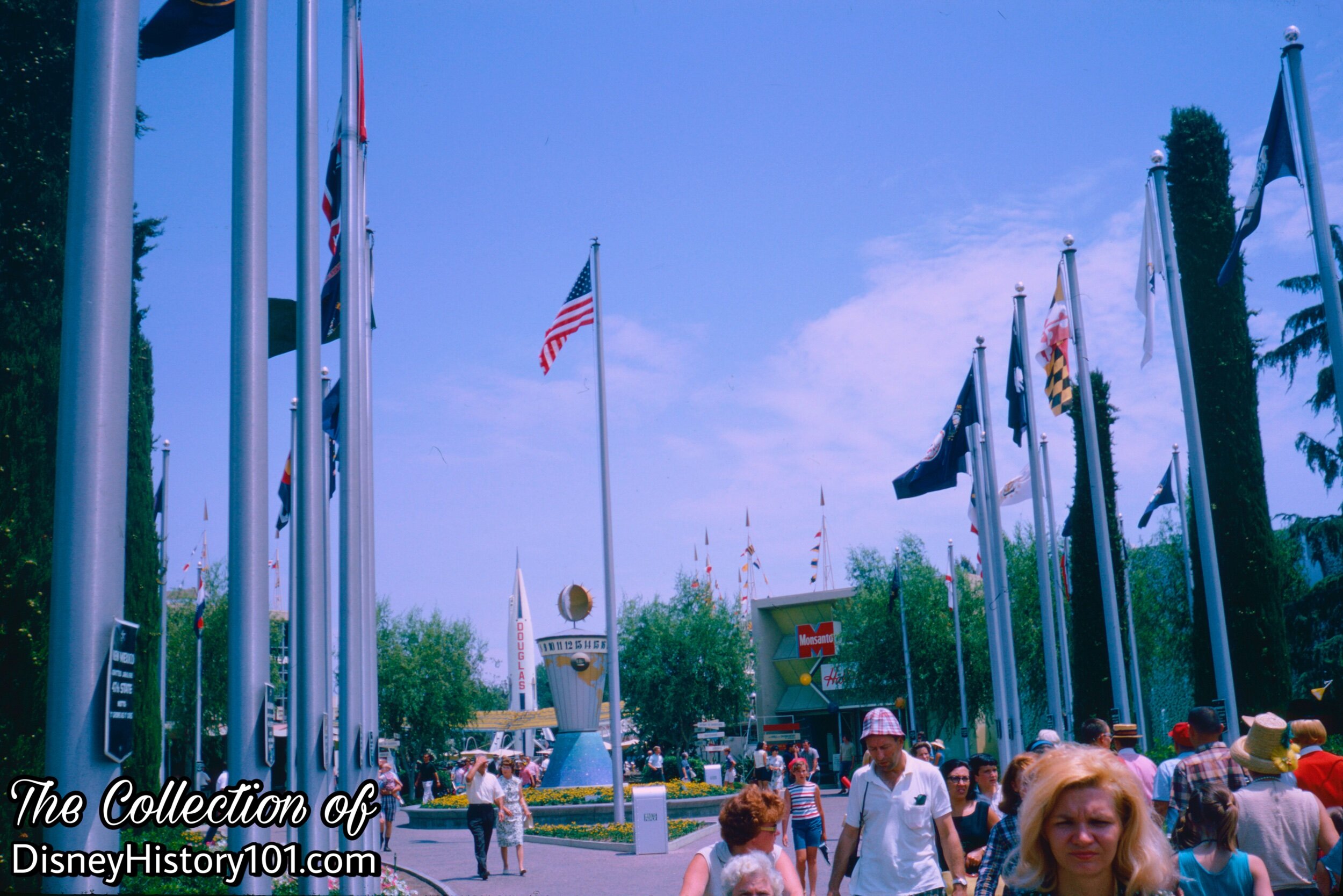
There were only two 49-star flags flown in Disneyland (the other in the center of Town Square).
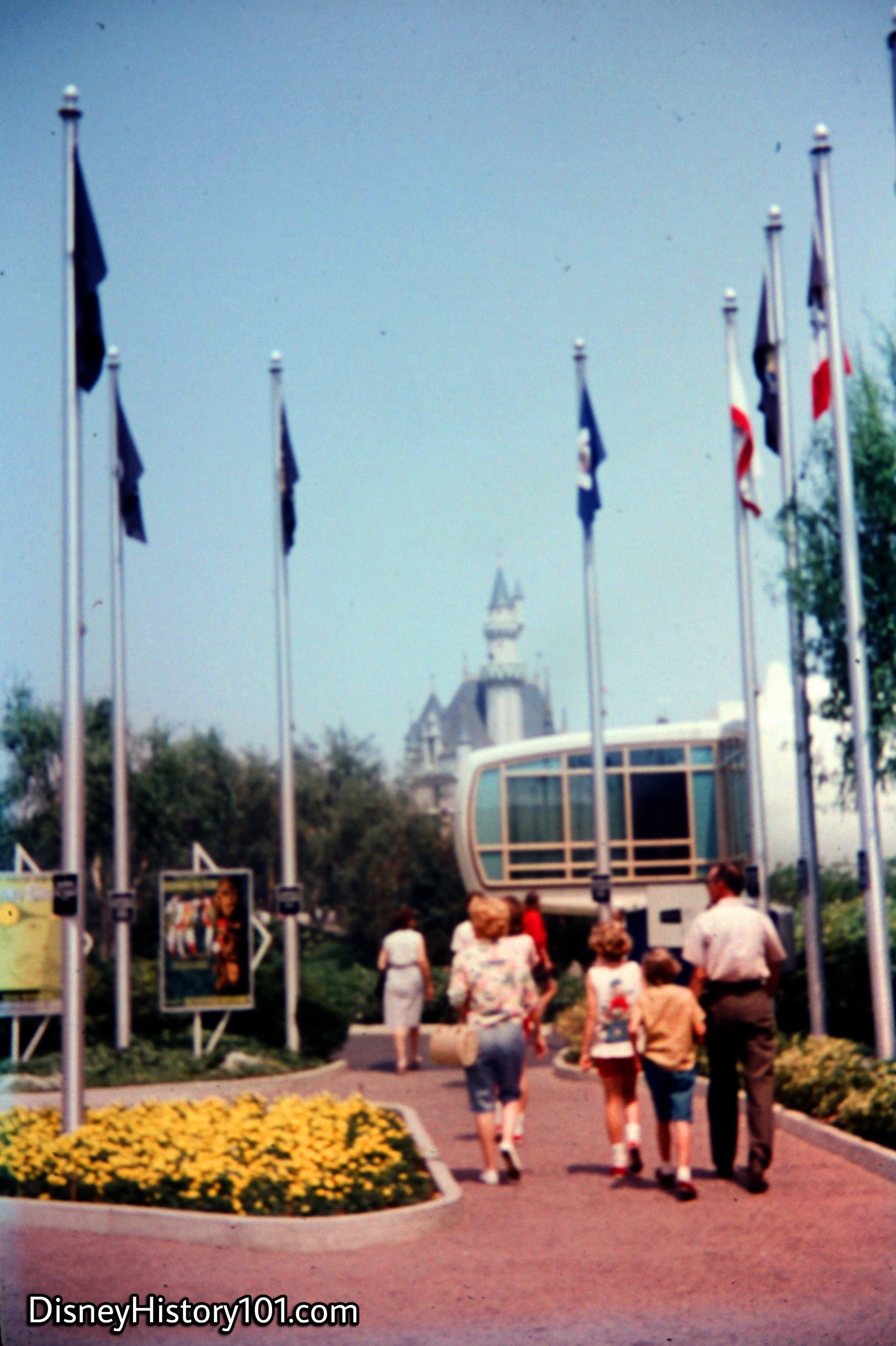
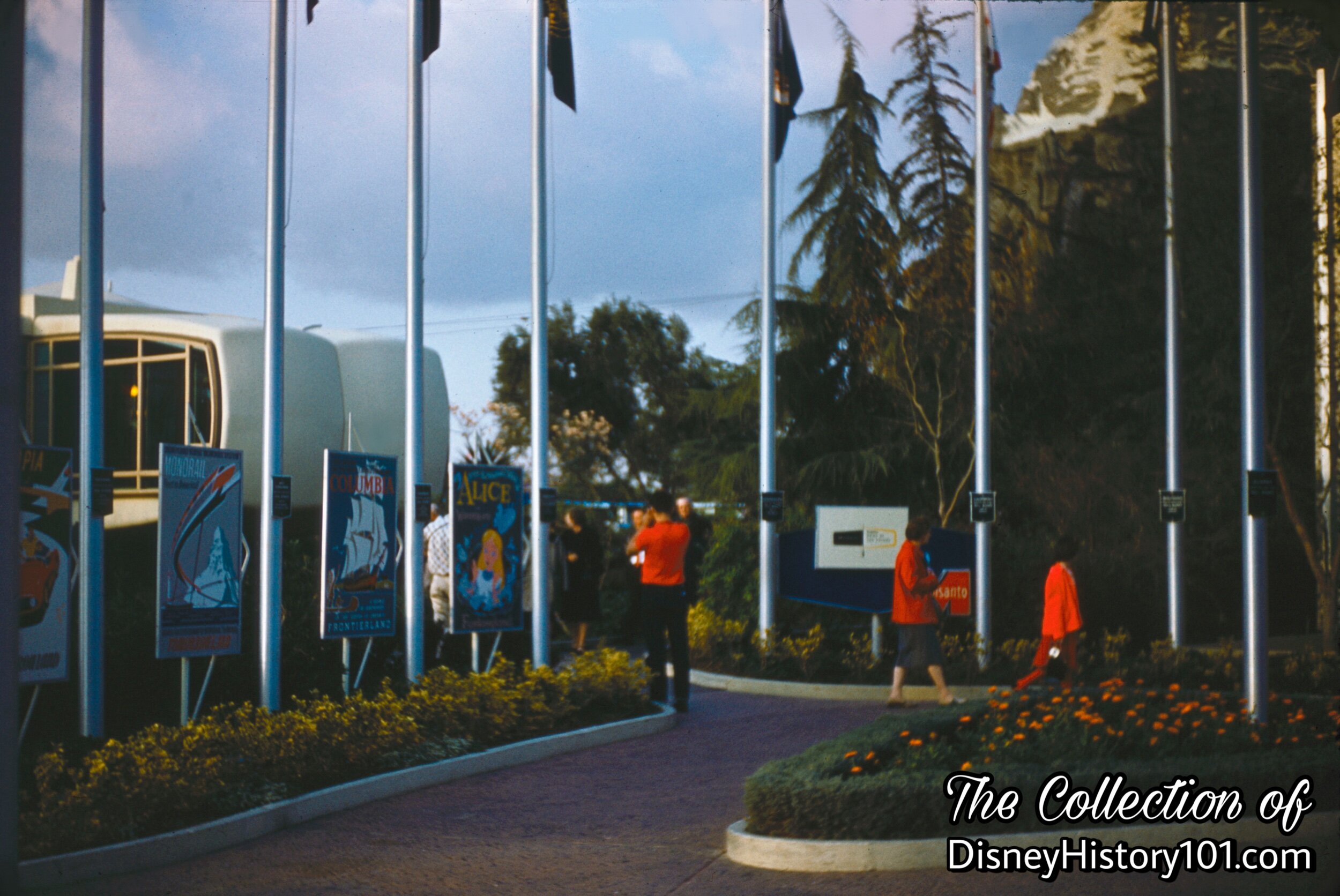

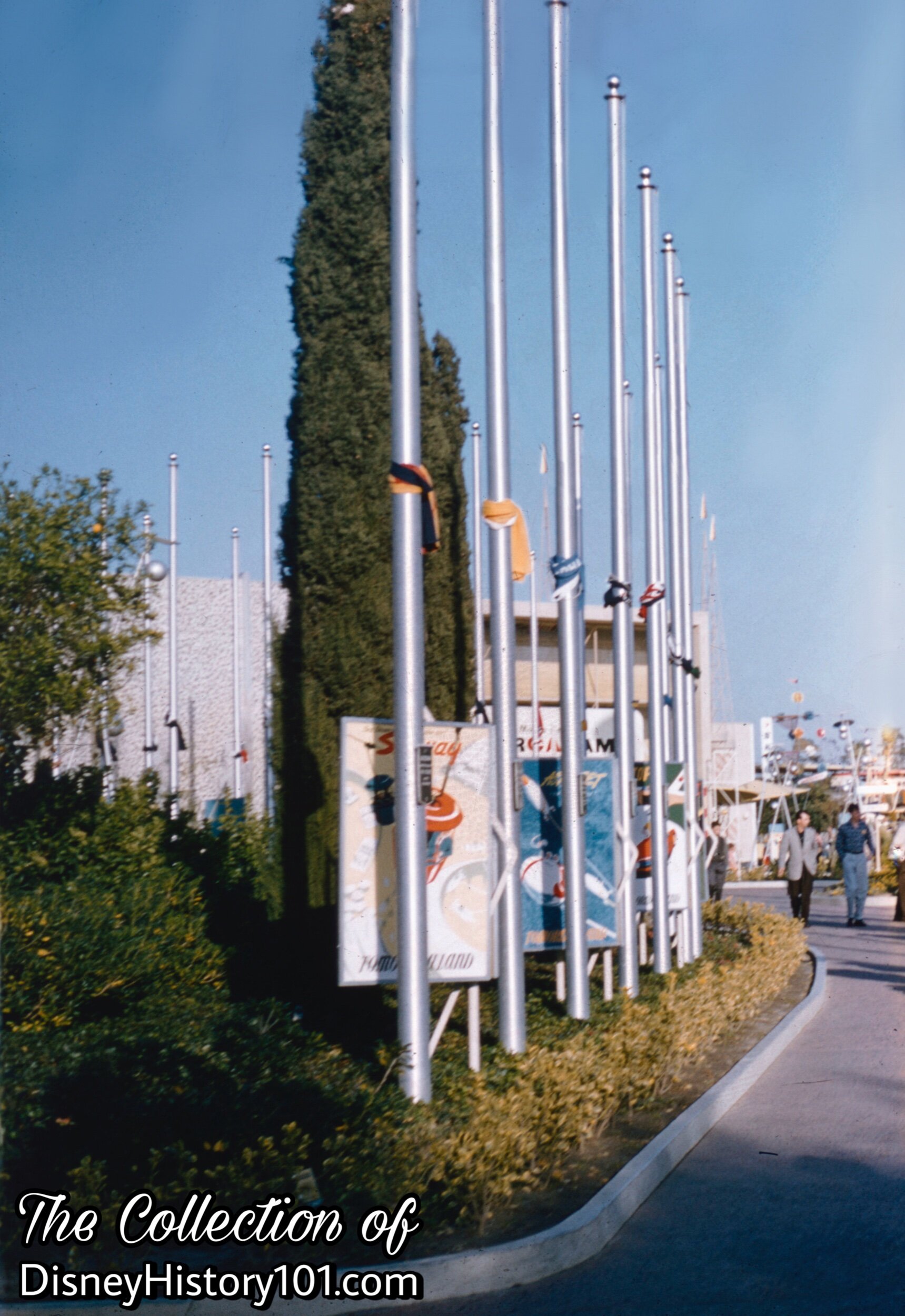
For some reason the flags were (not flown at Half-Staff, but) tied down perhaps for protection from the wind when this Vintage View was captured.

The Avenue of Flags stretched past Monsanto’s Plastics Home of the Future.
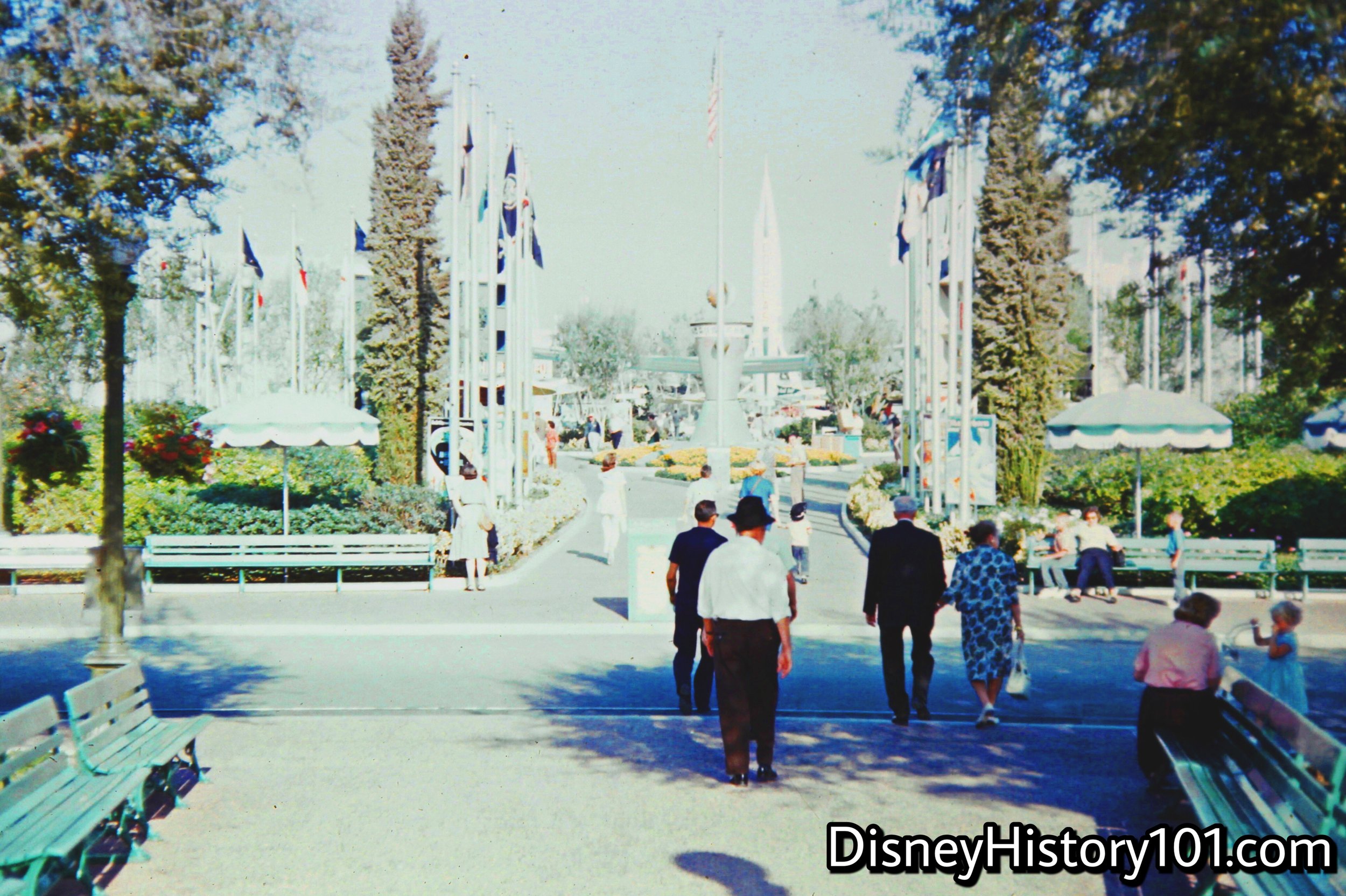
This is what guests saw from Disneyland’s hub, when they turned toward Tomorrowland. “Flags of the States” lined the road to Tomorrowland!
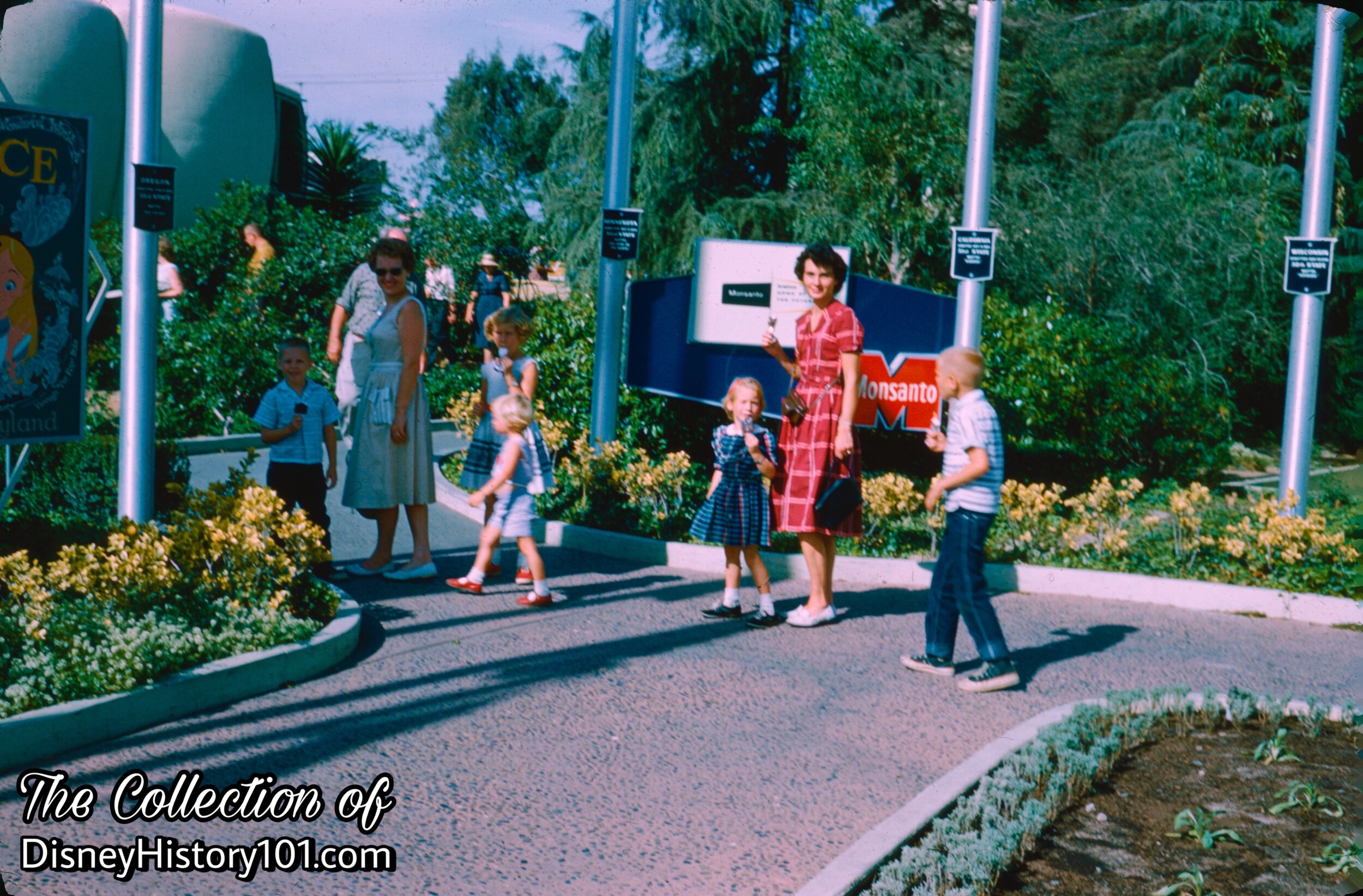

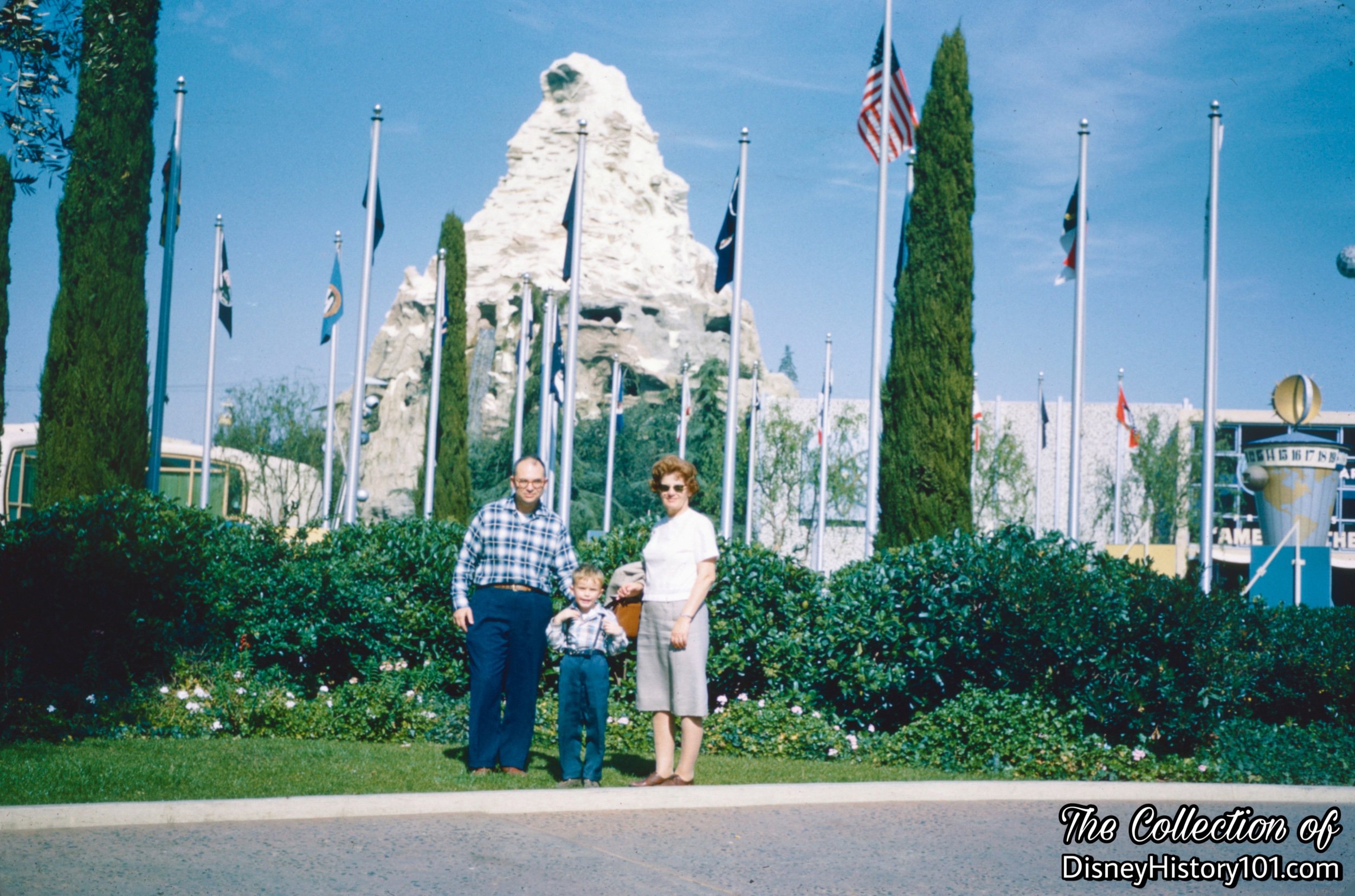
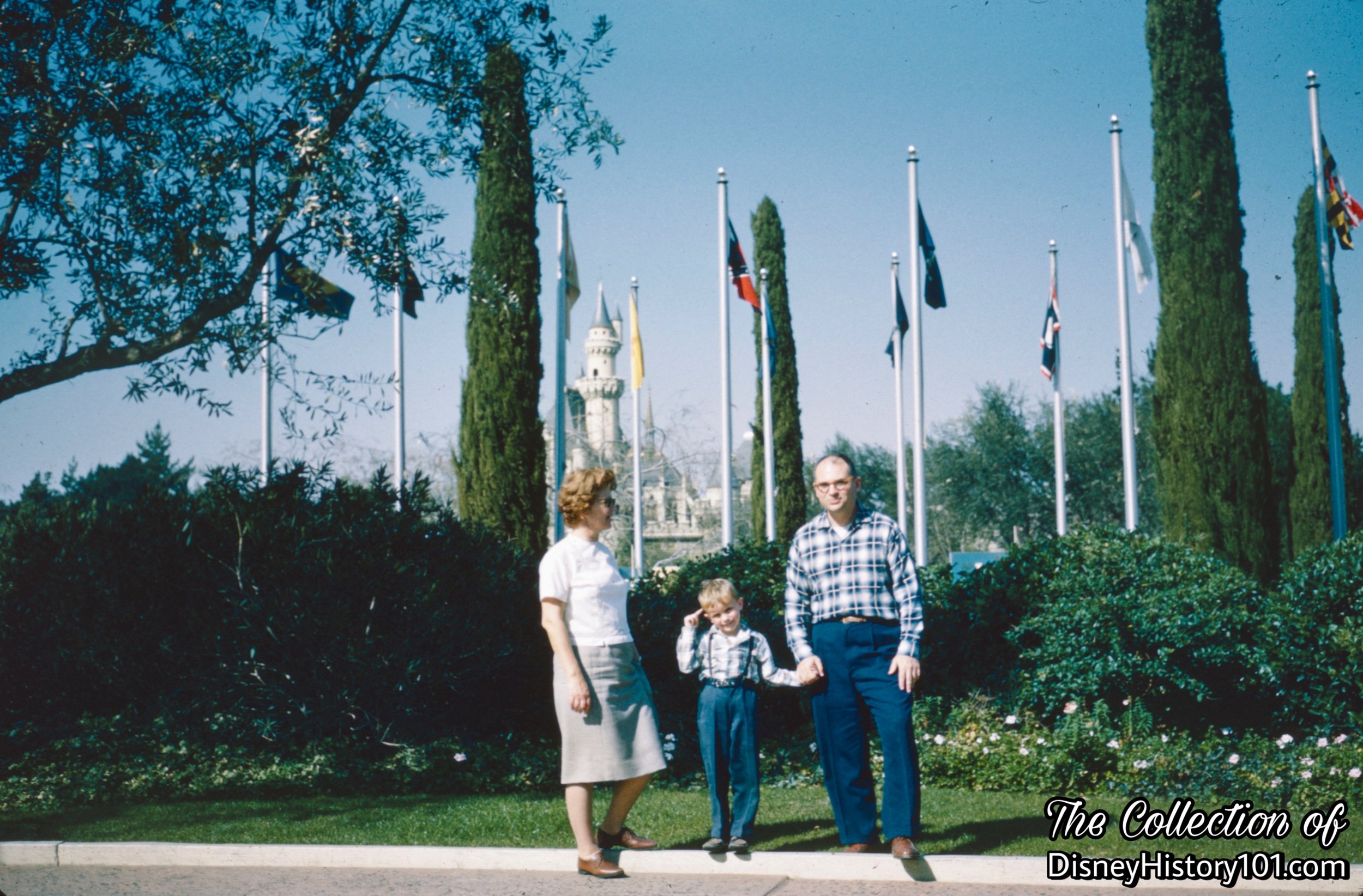
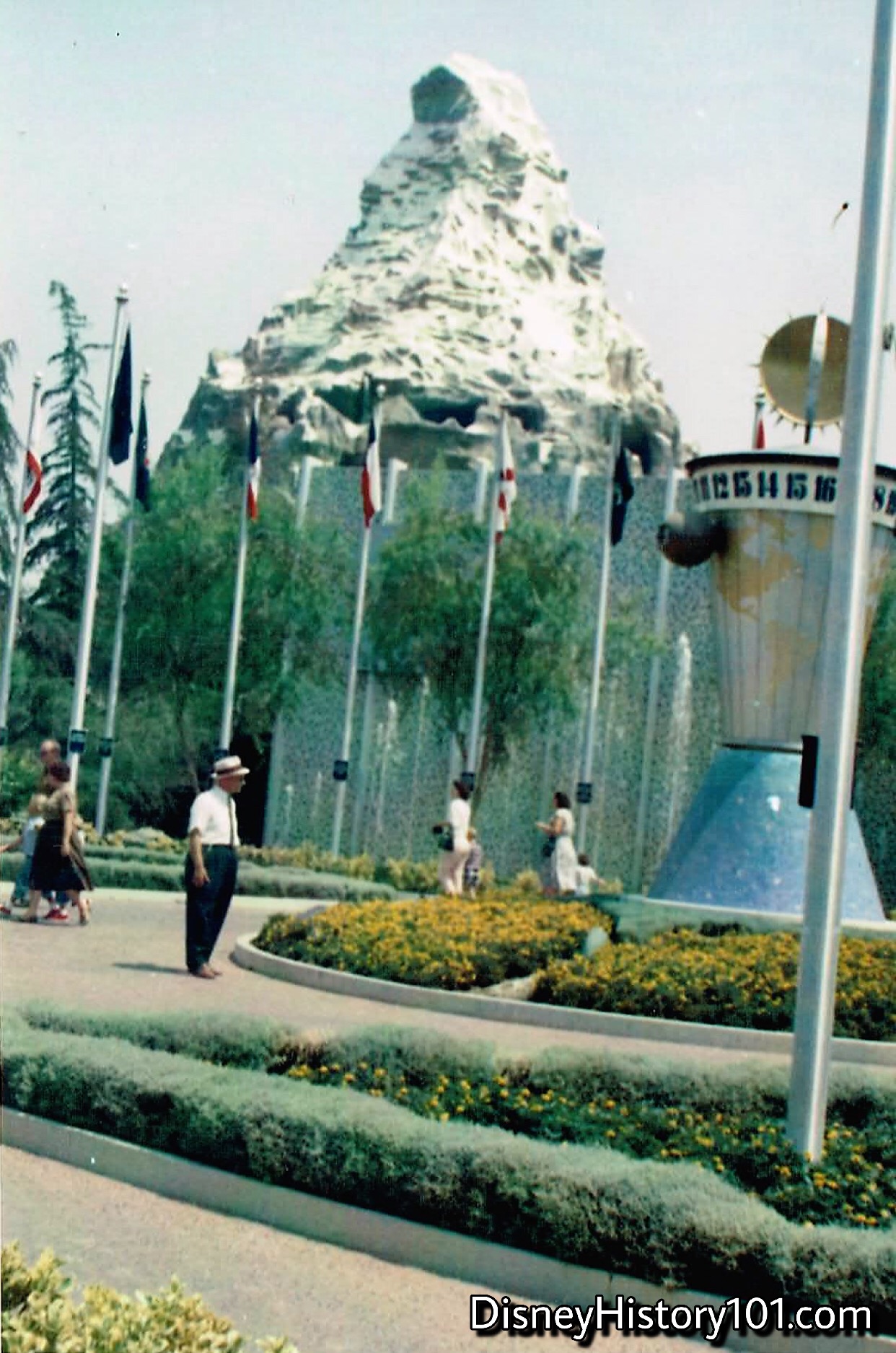
The rest of the forty-eight flags encircled the Clock of the World in Tomorrowland’s hub.
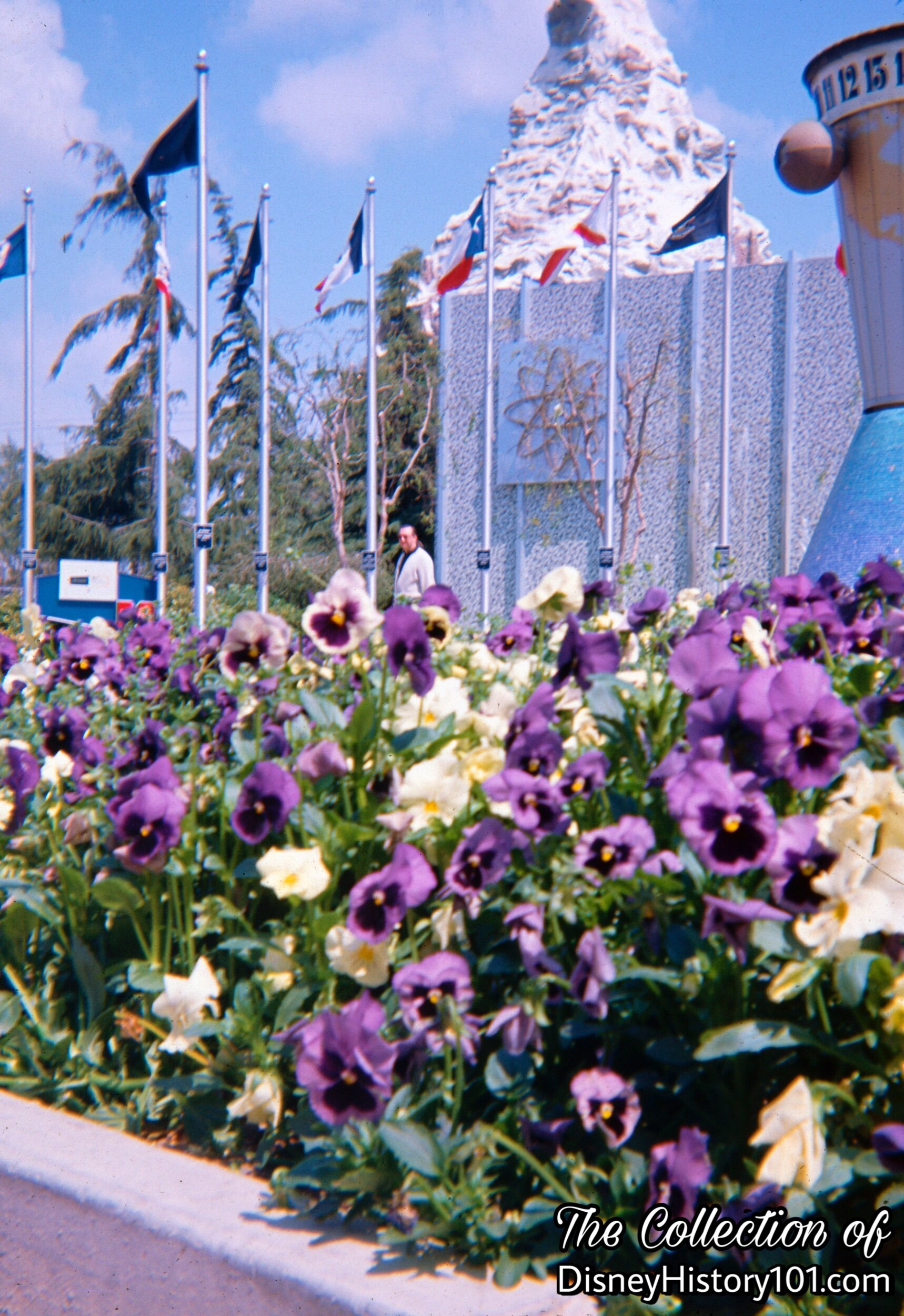
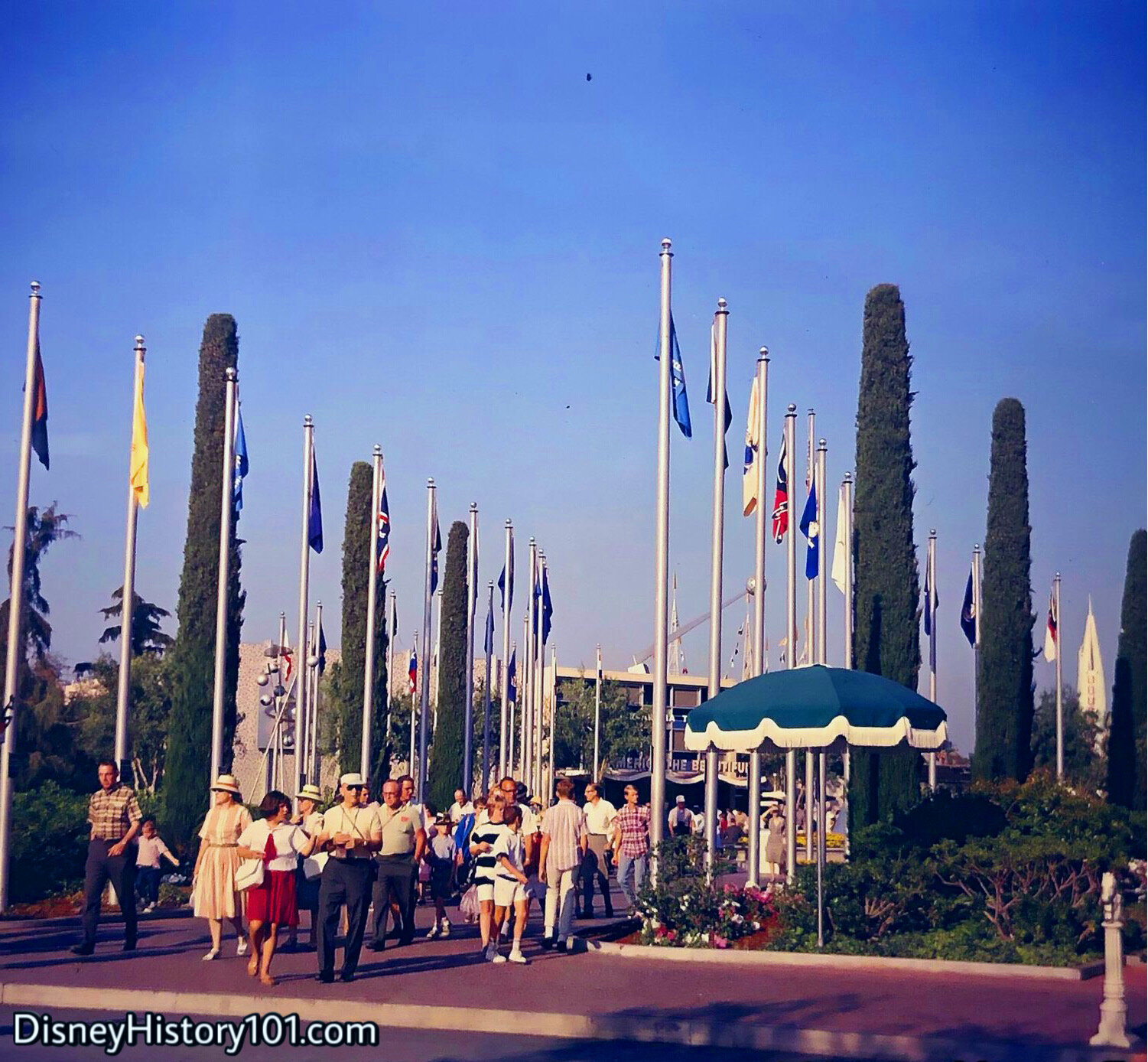
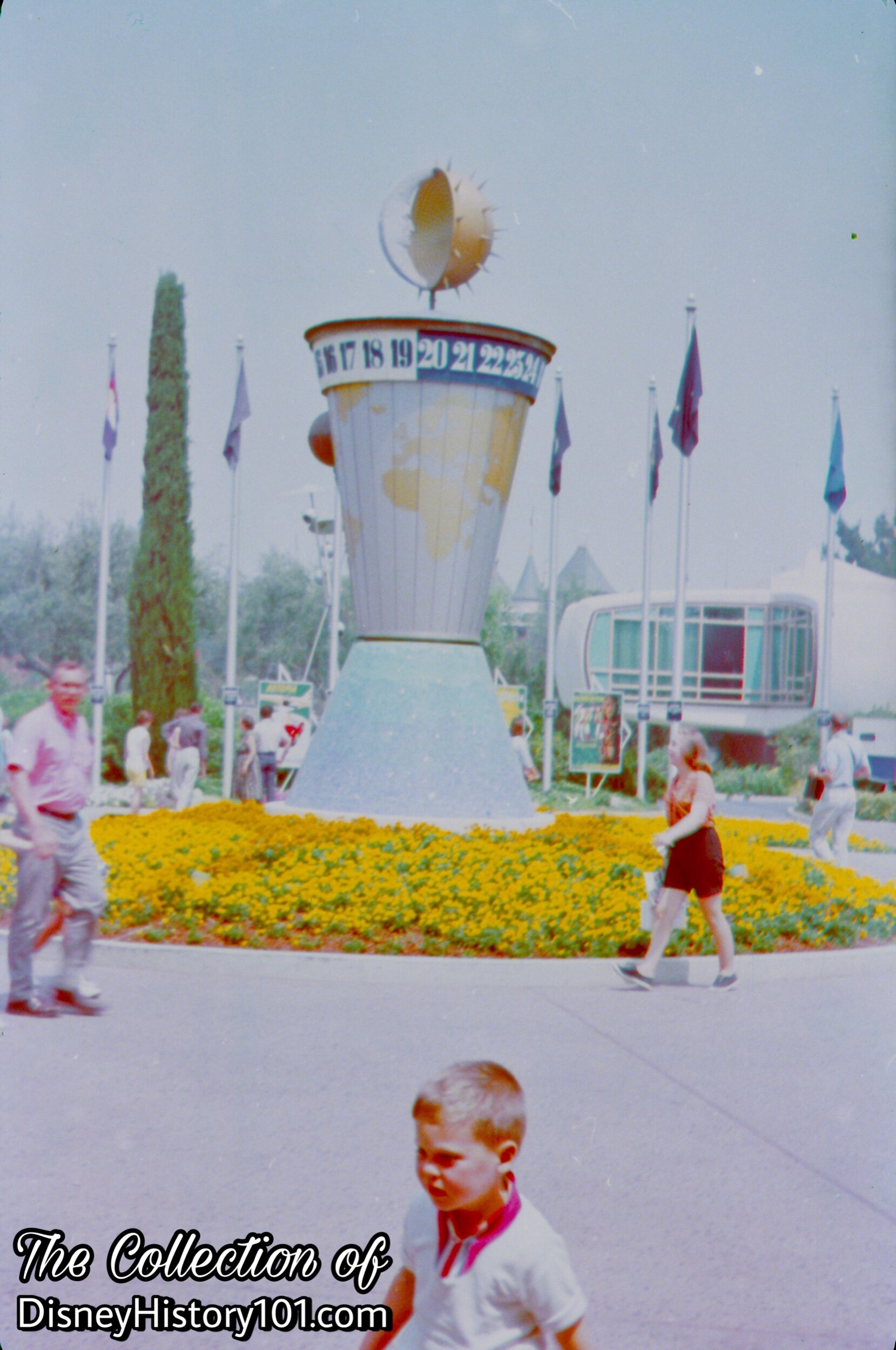
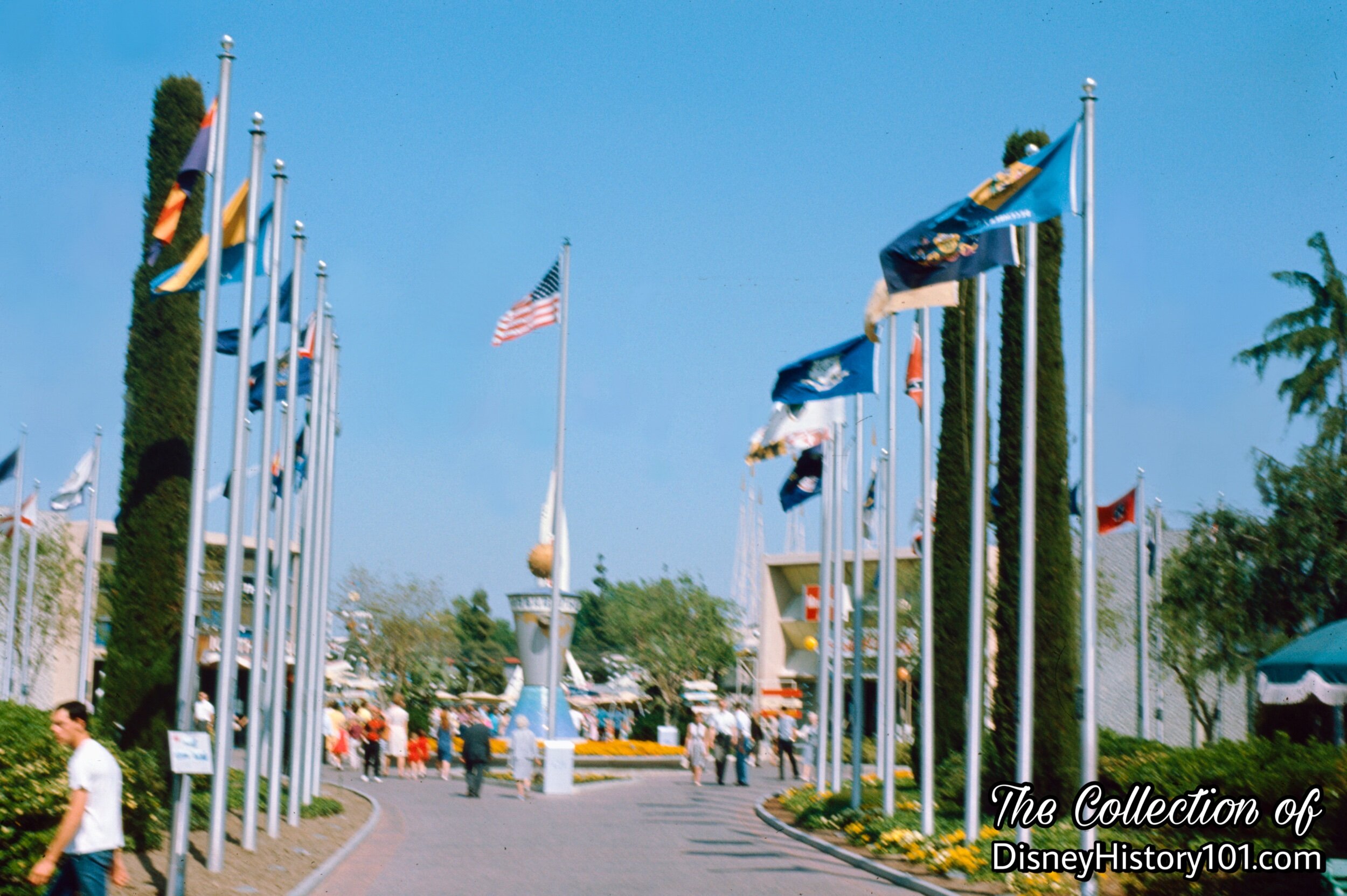
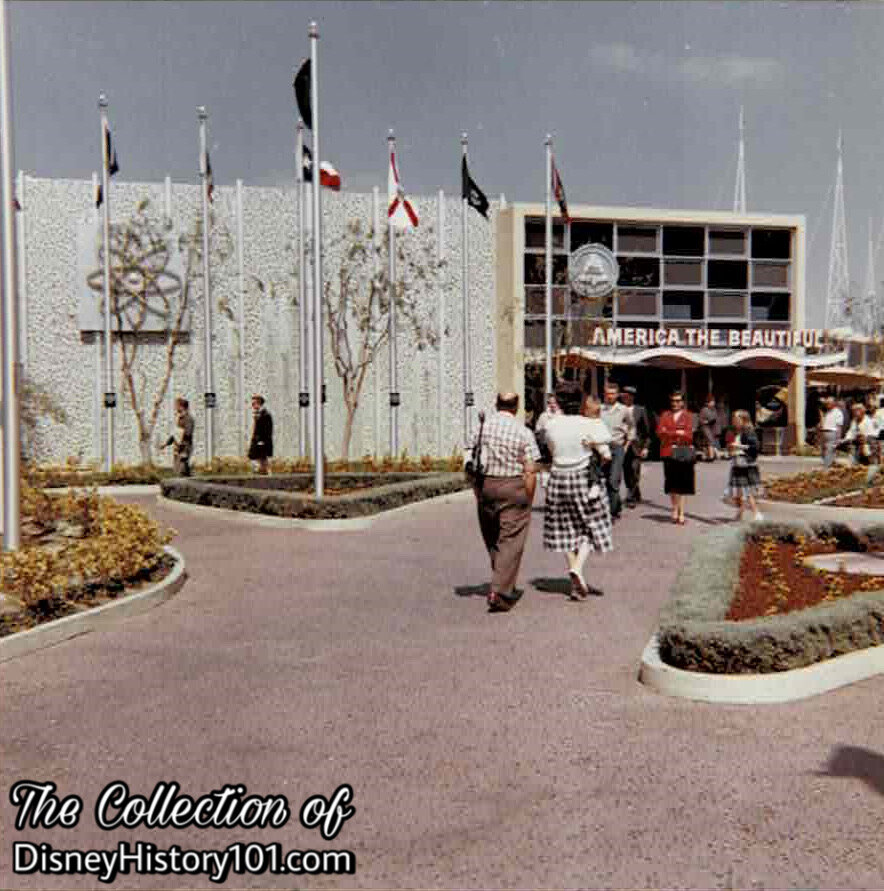
The flags of Wisconsin, Iowa, Texas and other States line the way to the entrance of America the Beautiful.
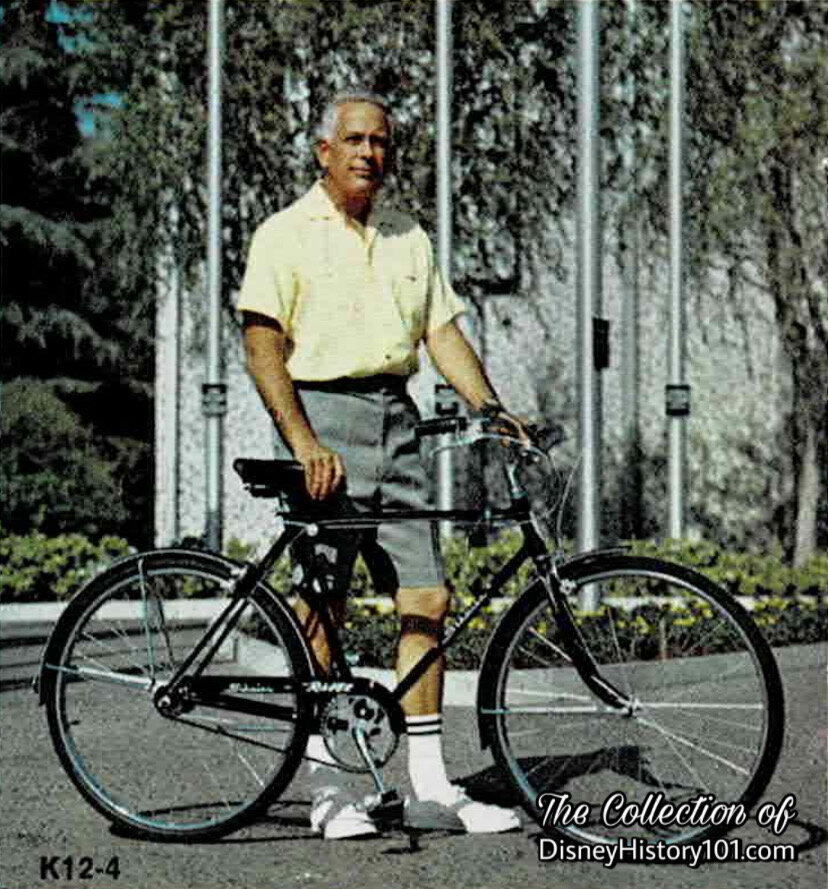
Disneyland has been utilized as a backdrop for many advertising campaigns made for television and publications (like magazines and newspapers). Photographs for the “Schwinn Takes A Trip To Disneyland” catalogue (including this one where the Avenue of Flags was used as a background for the Schwinn Racer) were shot at Disneyland during the Disneyland Tencennial celebration of 1965, and published the following year.
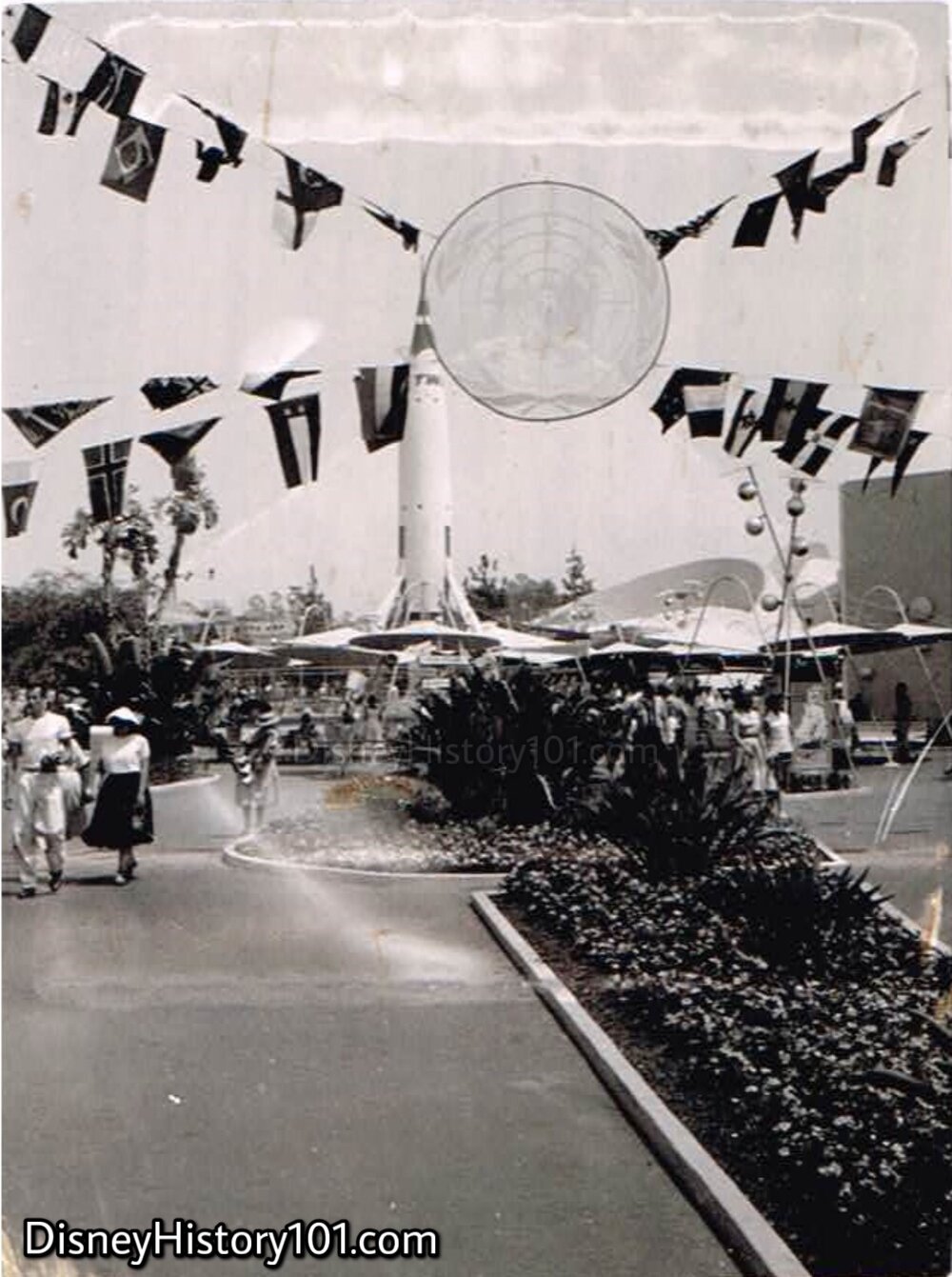
Magic Kingdom Club Administrator Eleanor Heldt once said: “In a way, Disneyland is a United Nations devoted to bringing together and entertaining peoples from every corner of the globe.” Naturally, the Avenue of Flags occasionally featured more than flags of the United States of America. During the International Geophysical Year of July, 1957 to December, 1958, guests walked past the Avenue of Flags attraction at Tomorrowland’s Entryway, and noticed the emblem of the United Nations flanked by flags of the world. These hung over the central floral beds, between Tomorrowland’s exhibit halls, welcoming guests from many nations. This celebration may have been in observance of the Geophysical Year or World Trade Day (which was first celebrated during May of 1957) in association with the Los Angeles Chamber of Commerce. Whatever the intent, two years later, Disneyland first celebrated United Nations Day of 1960.
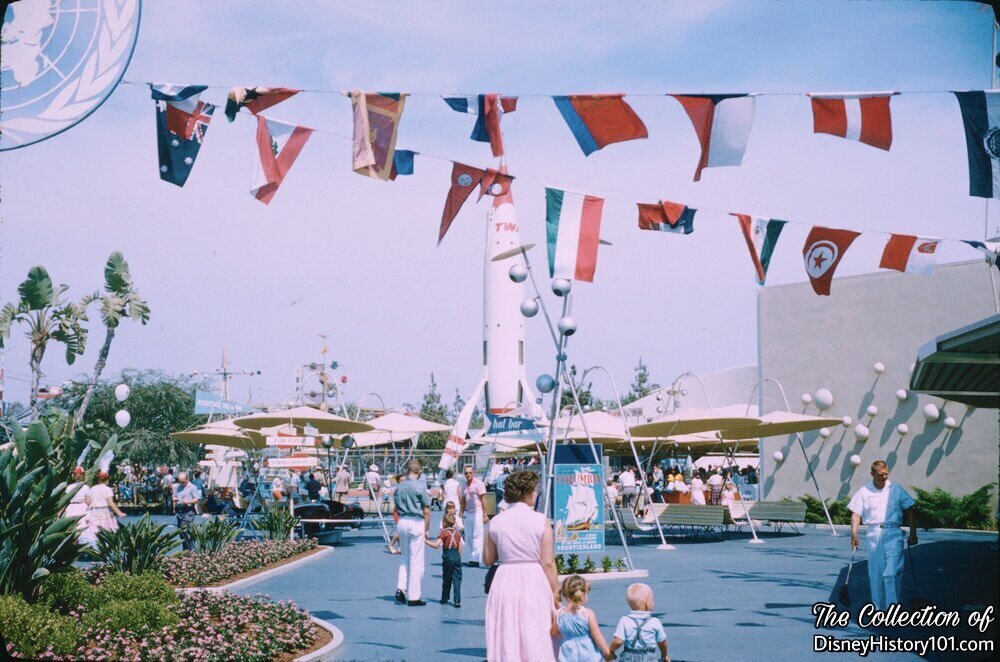
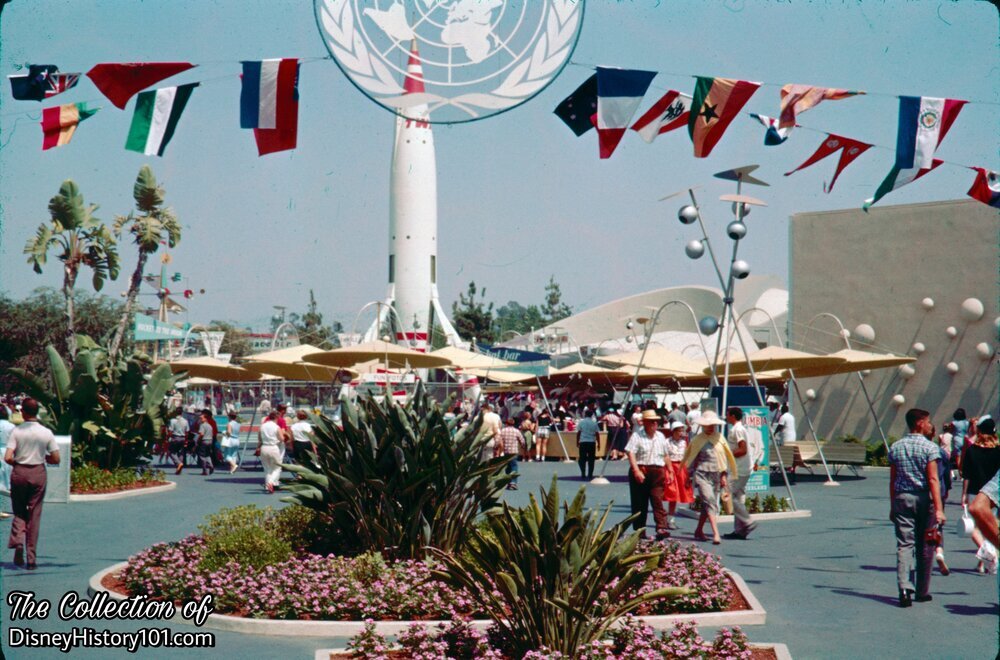
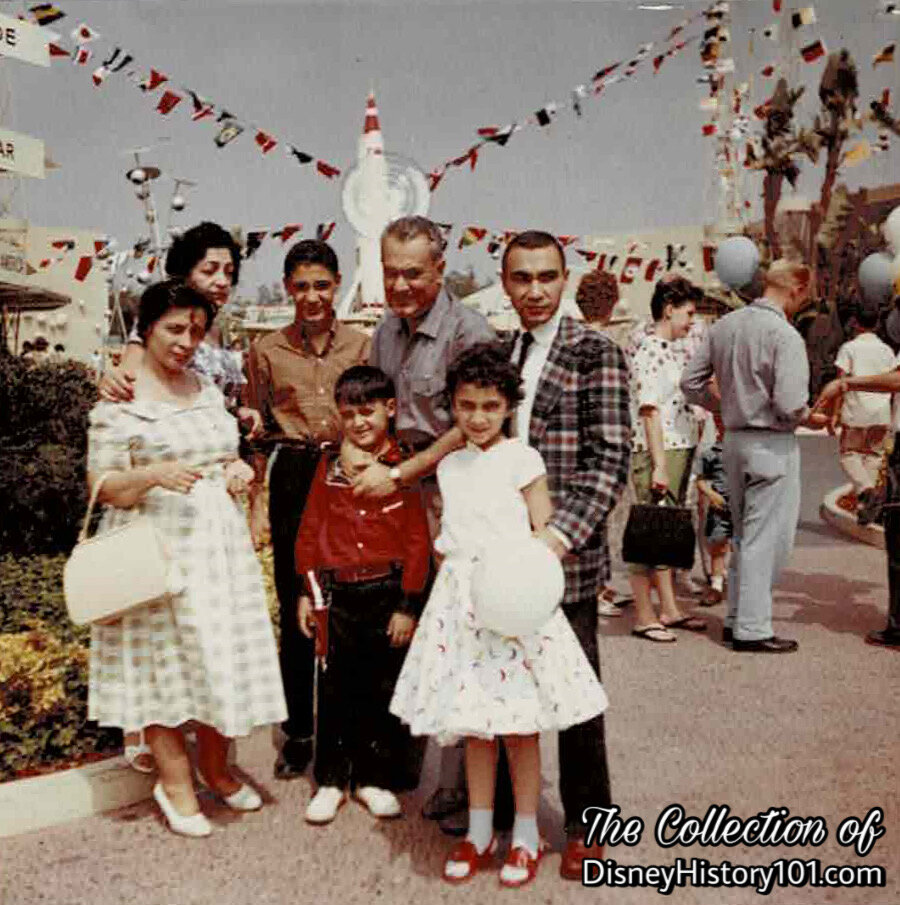
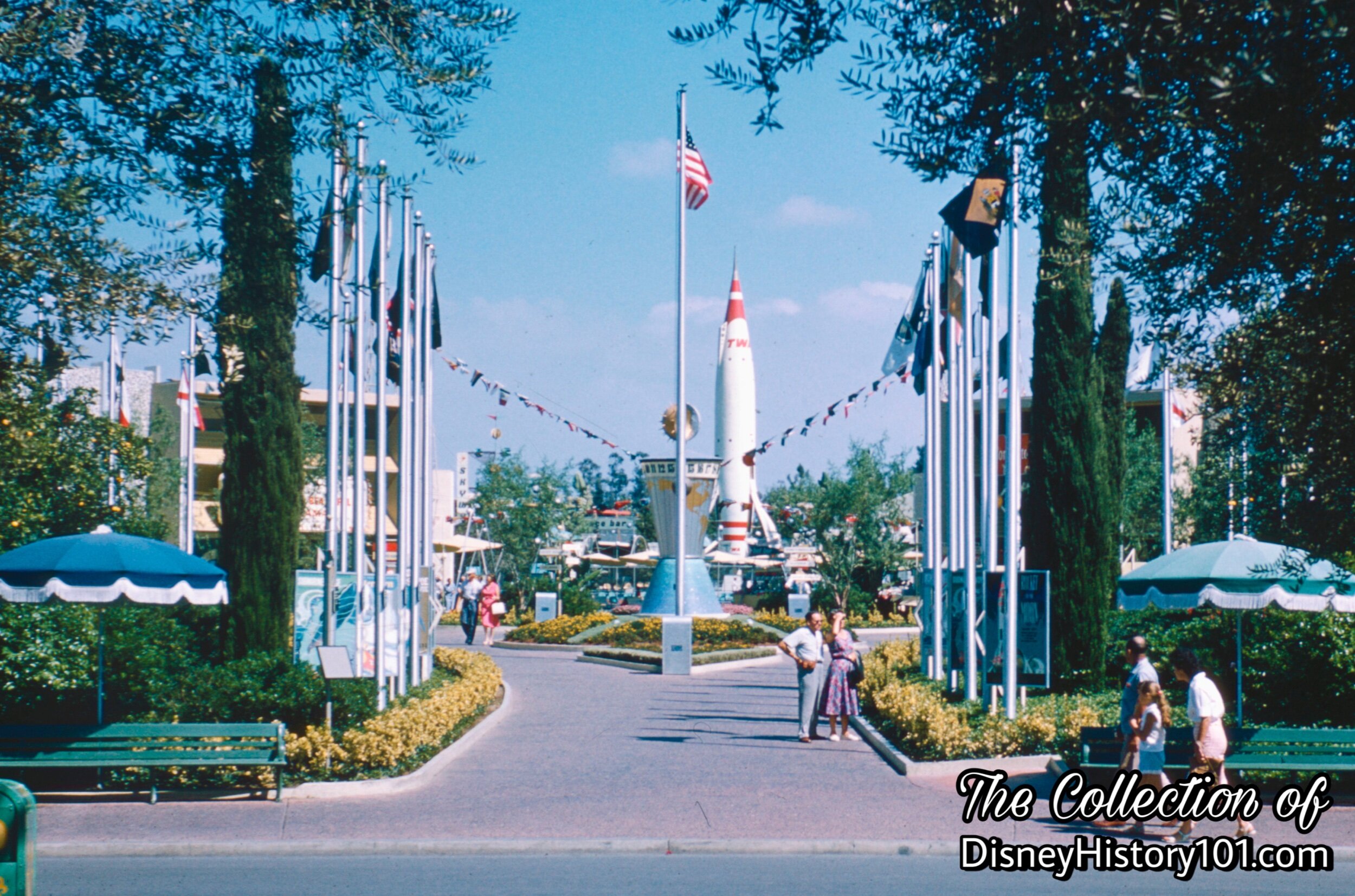

“The Flags of New Tomorrowland”
It seems that New Tomorrowland was to include Flags of the States, which were included on Fun Maps sold at Disneyland Park. But ultimately, by the time that New Tomorrowland would open, the Avenue of Flags attraction had become a thing of the past. In the exact location of the old “Court of Honor” would stand the launchpad for the new RocketJets attraction!
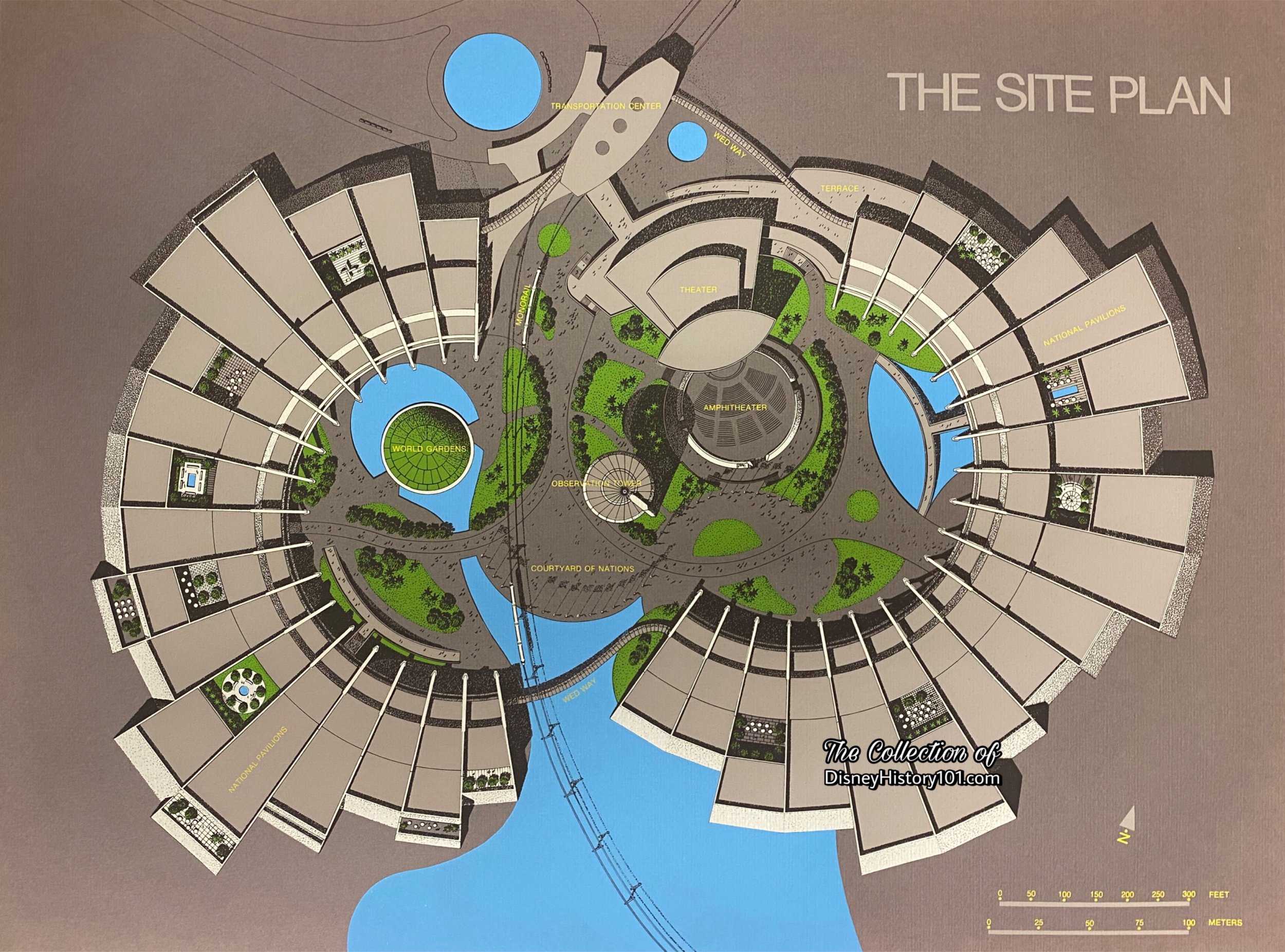
The Avenue of Flags had a legacy within the early plans of Walt Disney World at EPCOT Center.
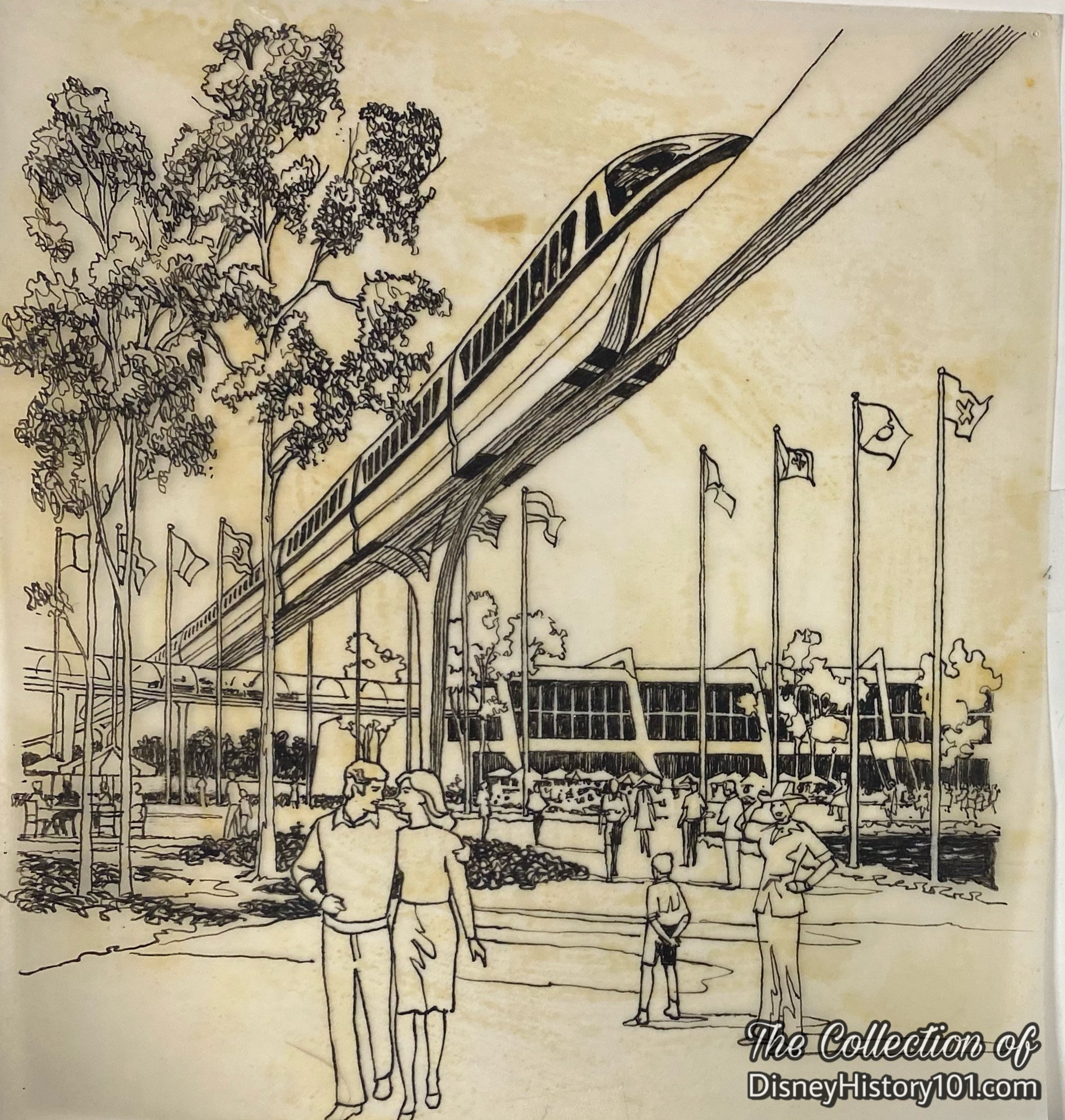
The Courtyard of the Flags nearly had a legacy in the Courtyard of Nations, a planned centerpiece for Epcot Center in Florida.
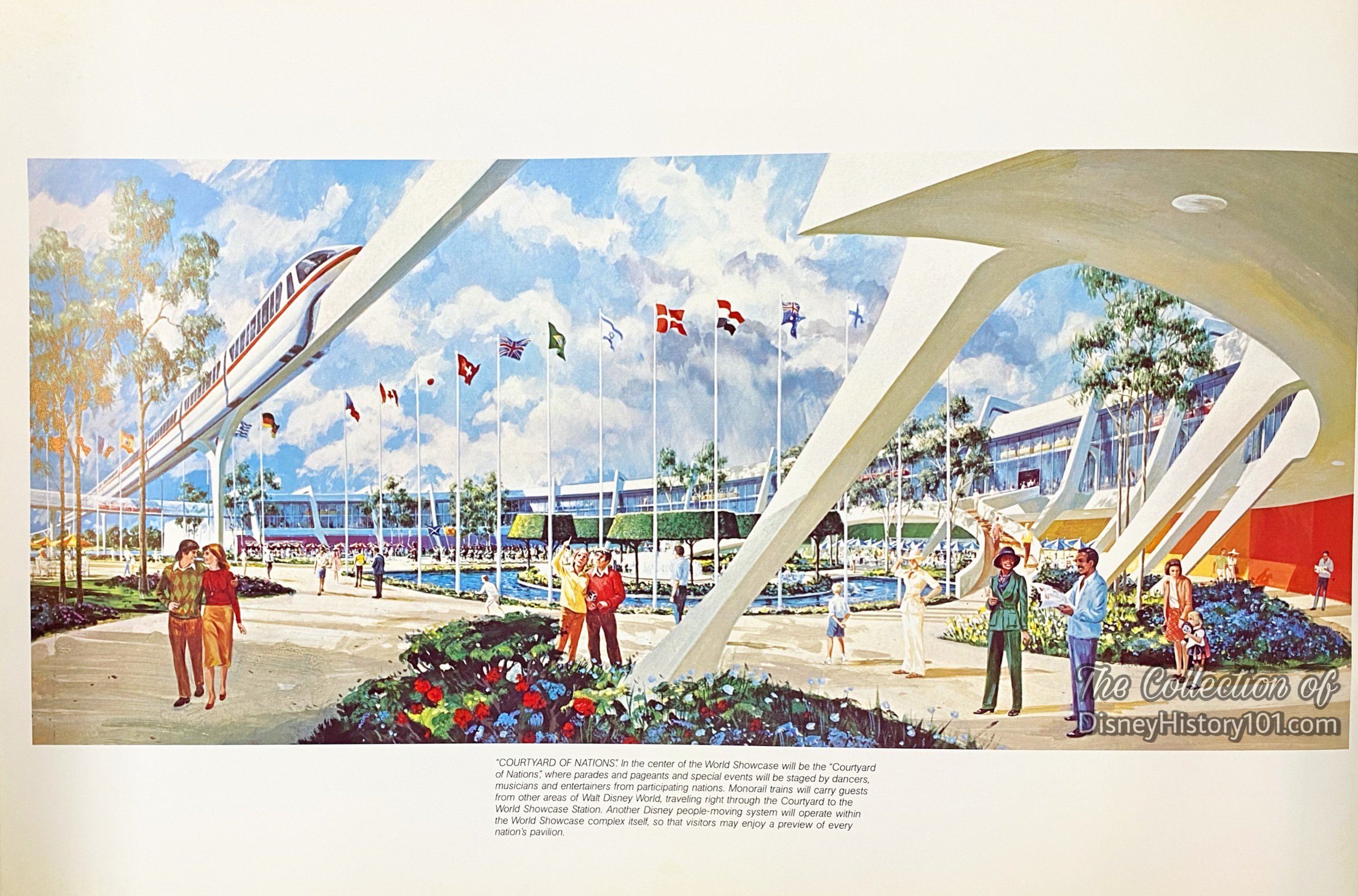
BANK OF AMERICA (and UNION BANK)
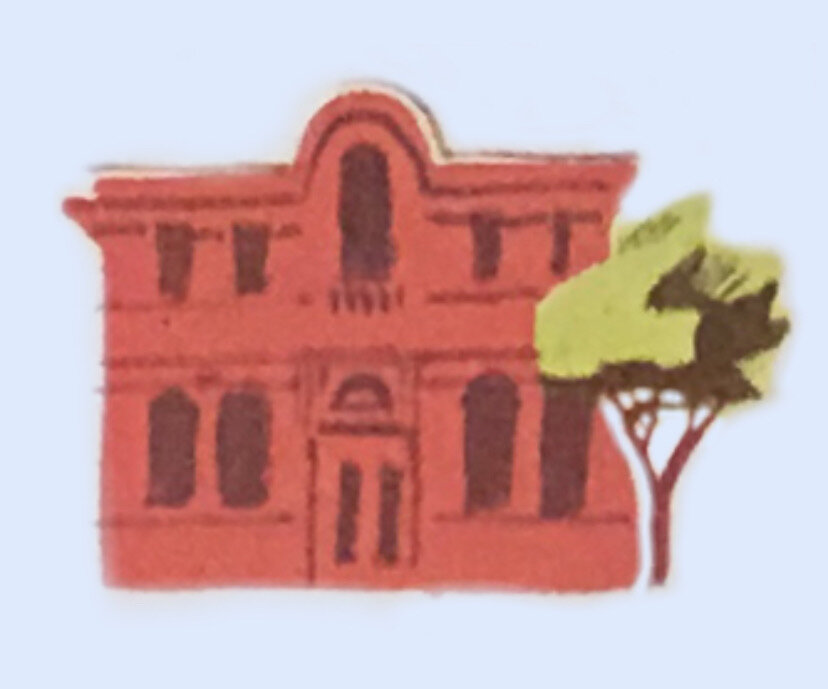

“The Walt Disney (and Bank of America) Story”
The story of Walt Disney and Bank of America dates back to the 1930s. “Bank of America helped launch… [the] fledgling industry called ‘movies.’ It backed such luminaries as Charlie Chaplin, Cecil B. DeMille, Douglas Fairbanks, Samuel Goldwyn and Frank Capra. It financed hundreds of films including classics like West Side Story, Lawrence of Arabia, and It’s a Wonderful Life. It provided critical funding to finish Gone With the Wind. When Walt Disney couldn’t get money to complete his dream - to make the first full-length animated film - Bank of America stepped in. Walt was able to finish Snow White and the Seven Dwarfs and it became an instant success. The bank financed many other later films - fantasia, Pinocchio, Peter Pan, Cinderella, Bambi,” according to “Bank of America - A Heritage of Service,” (published c. 1997).
For now, to meet Walt Disney Productions stepped up production program, arrangements were completed for a line of bank credit through December 31, 1955, with the Bank of America, Los Angeles, and the Bankers Trust Company New York.
“Blue Sky and Development”
Similar to Walt Disney’s Productions shown on the “silver screen,” Disneyland® Park was just another stage and theater concept. The presentation of the Bank of America show on the vast DISNEYLAND “stage” was a distinct part of the Disneyland theater concept. Since Disneyland’s earliest stages of development, the model for the Park has included a bank.
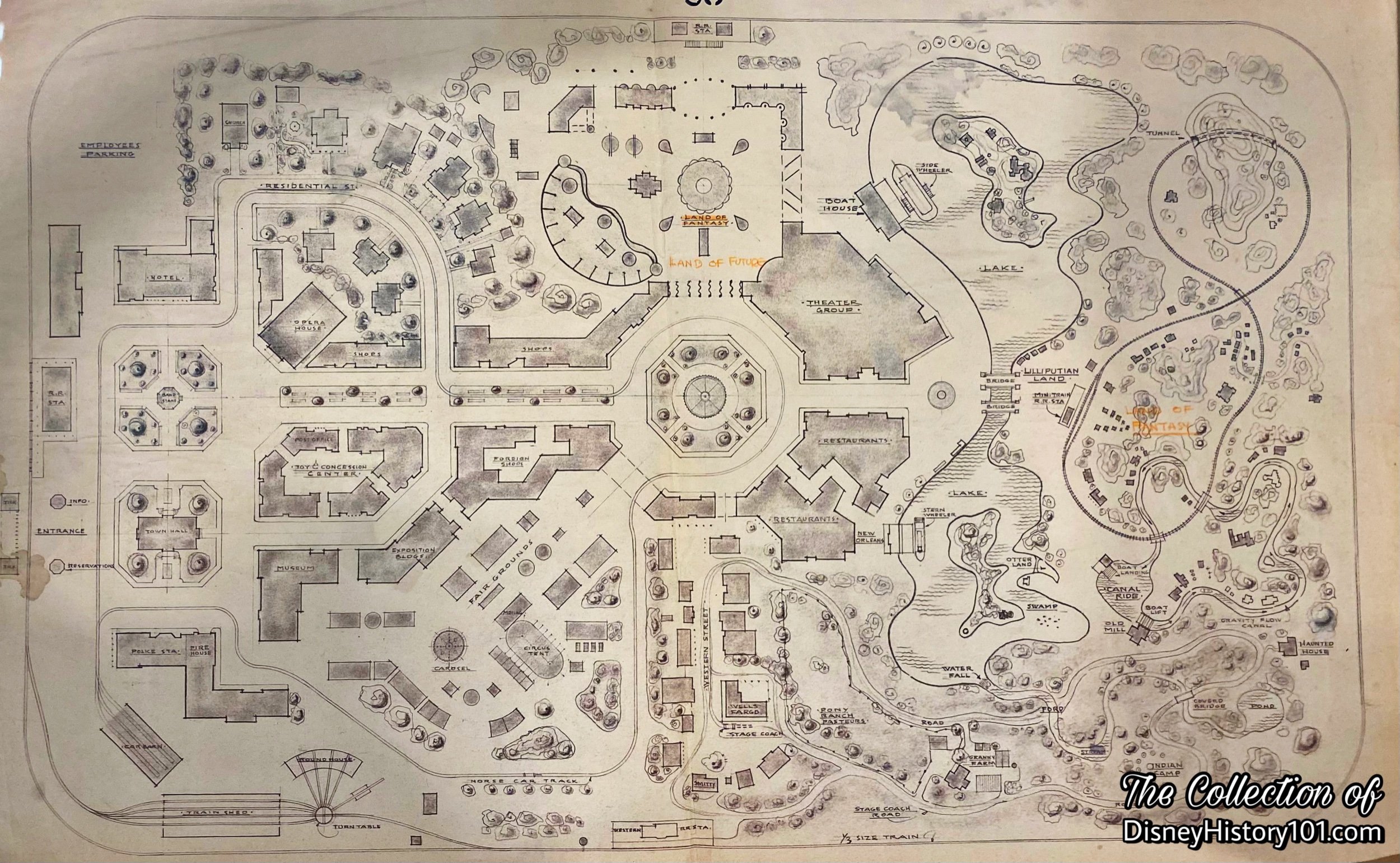
“Initial Concepts by Disneyland, Inc.”
The earliest plot plans (as the schematic pictured above) included a bank. Herb Ryman completed the iconic “Aerial Over Disneyland” concept drawing (depicting a bank building), originally produced over the weekend of September 26 & 27, 1953. A year later, “The Disneyland Story” (produced on September 3, 1954), told the story of what guests would experience once entering Disneyland. The opening page states : “You find yourself in a Civic Center or Town Square at the turn-of-the-century, any time from 1890 to 1910. Here you will see…the Bank.”
“Bank of America Invests in Walt Disney’s Disneyland”
During 1954, Walt was searching for Participants to lease shop and restaurant spaces at Disneyland, and help generate the necessary capital to fund construction of Disneyland. In a synergistic relationship, the companies (in turn) could sell their products and advertise their corporate names in the Park. Disneyland Participant Corporate Sponsors were carefully selected. High quality, long term corporate sponsors would provide incremental income that enabled Disneyland to enhance its show and attractions, offset some operating expenses, and capitalize on marketing opportunities.
By July 1, 1954, George Whitney of Disneyland, Inc. directed Amusements, with Ron Miller overseeing analysis, philosophy, capacities, planning, operator training, and amusement procurement. By July 1, 1954, Russel Tippett of Advertising oversaw Exhibitor’s Space Sales and Lease Agreements. Individuals like Nat Wyncoff provided the essential orientation for curious lessees, selling them on the idea of Disneyland using various visual aids like sketches and one of Herb Ryman’s oil paintings of Disneyland. Soon, “a cross-section of American industry…[was] represented in Disneyland. Each of these companies… [would expose] its institutional advertising and public relations message to Disneyland guests through various forms of participating exhibits and displays. In each case, the exhibit… [was be] related to the theme of the ‘land’ in which it is located, and is woven into the overall concepts and themes of Disneyland,” according to “Disneyland, U.S.A.,” published 1958.
Now by that time, Bank of America was one of those turn-of-the-century pioneers, a trusted old firms which personally boasted “550 conveniently located branches,” (as testified to in “Your Guide to Disneyland,” a c. 1955 complimentary souvenir brochure, published by Disneyland, Inc.) Considering the bank’s long-time and trusted relationship with Walt Disney (and the very fact that by 1954, he still performed much of his personal banking with the Toluca Lake Branch of Bank of America), it was appropriate, that Bank of America now help finance a certain “special dream called Disneyland!” One morning in May of 1955, the Vice President of Bank of America met for a presentation at the West Street Training Office (which Van Arsdale France and Dick Nunis had decorated with fan cards and Disneyland renderings from the Walt Disney Studios). Walt was not present. However, Roy Disney, Card Walker, Dorthy Manes, and some executives from Eastman Kodak and Swift & Company were present. After introductions, Van France introduced the theme stating: “You are here NOT to make money. You are here because... ‘You’ll create happiness!’” Next, creative "pitch cards" by Ned Jacobi were placed on a flannel board and Dick Nunis operated a projector and described the slides. Van France and Dick Nunis were nervous, but when it was over, “Roy Disney, a financial genius, and the President of Walt Disney Productions gave his approval and blessing,” according to France’s account.
“The Bank of America was one of the first institutional lessees to become part of the Disneyland Main Street show… One day Roy received a telephone call from a banker friend:
‘Walt was in my office today,’ the banker said.
‘Oh?’ replied Roy.
‘It’s about the Park. We went over the plans he showed me. You know, Roy, that Park is a wonderful idea.’
Did Walt try to borrow from you?’
‘Yes, he did. And you know what? I loaned it to him.’
With that boost, Walt was able to cover some of the research and design costs, but an enormous amount of money was still needed to finance the reality of ground breaking and construction.” [“The Spirit of Disneyland”]
“Architectural Designs by Lessees”
Disneyland, Inc. printed materials for Lessees detailing specifications for architectural designs of exhibit spaces. These were revised by March 16, 1955 and issued to Lessees.
All of the interior architectural drawings were done by competent registered architects or an approved display house of the lessee's choice. All of the designs submitted by the lessee's architect, whether for buildings or construction of interiors in DISNEYLAND, were approved as to the theme and general plan of DISNEYLAND as established by WED Enterprises, Inc.
Three sets of preliminary drawings were furnished DISNEYLAND, Inc. as soon as possible after signing of the lease. Two sets were retained by DISNEYLAND and one set was returned to the lessee’s architect with any revisions noted thereon and stamped “APPROVAL TO PROCEED TO FINAL DESIGN.” This stamp when properly signed and dated constituted the lessee’s authority to proceed with the final drawings.
The Lessees revised their final drawings to incorporate any revisions noted on the approved preliminary drawings, and submitted three sets of the revised drawings to DISNEYLAND. One set was returned to the lessee’s architect and any revisions noted thereon are to be incorporated on the original drawings. When the lessee had incorporated the final revisions on the drawings, two sets of transparent ozalids were forwarded to DISNEYLAND for approval. DISNEYLAND would stamp both sets “FINAL DESIGN APPROVED” and “LESSEE’S CONTRACT DRAWINGS”, and return one set to the lessee who could then release drawings for bid and/or construction.
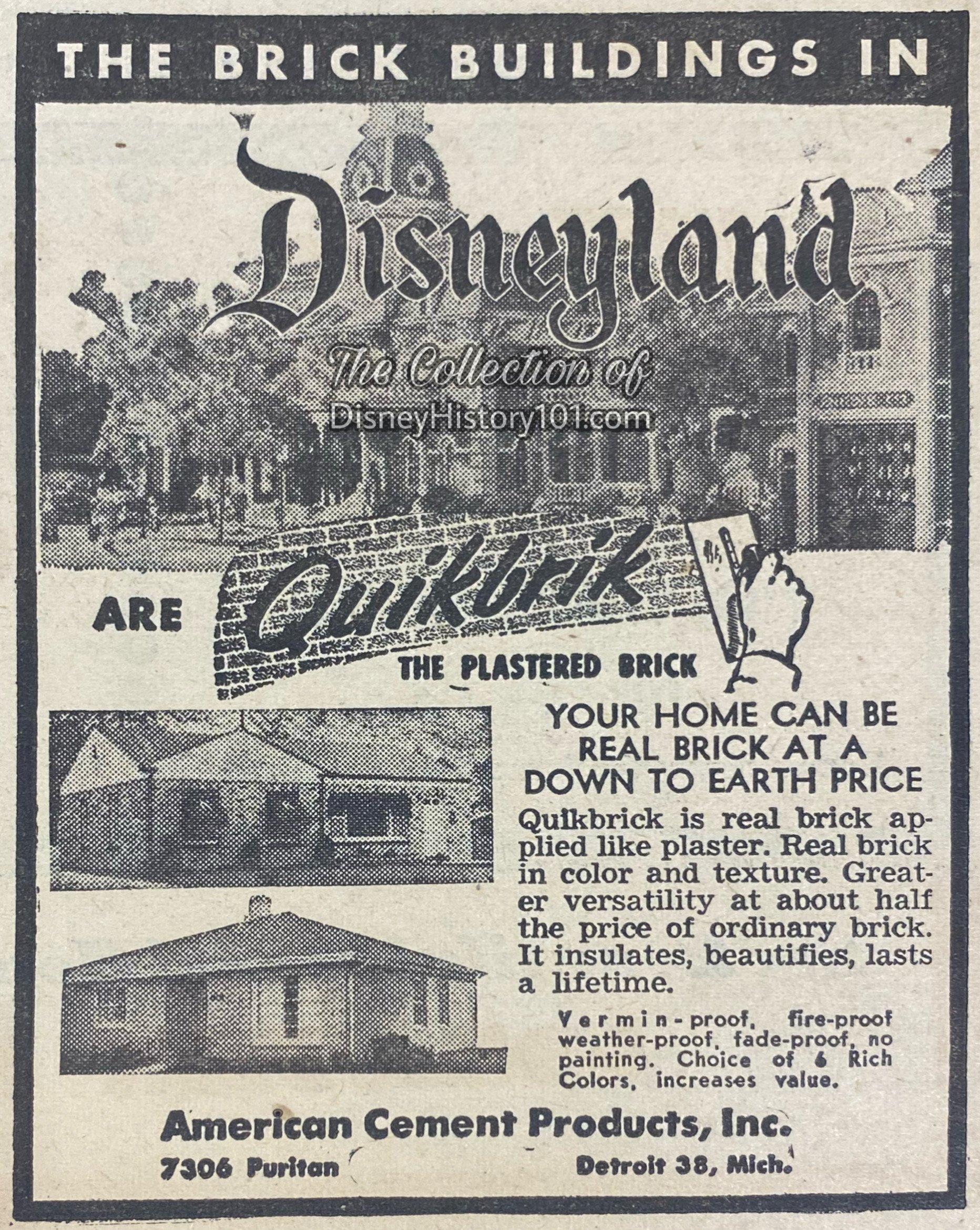
“Construction”
“Disneyland is unique in that some of the world's foremost creative artists and architects control all design at Disneyland.“ F. M. Franz, manager of operations for McNeil Construction expressed: "We feel sure there has never been anything built like this in Southern California, or elsewhere in the United States. Many of the items were constructed from artist’s sketches.” Forced perspective would make the buildings on Main Street appear taller than actually are. On Main Street the buildings would not be full scale. Ground floors were built about 9/10ths scale. Second floors measured up to 7/10ths scale. The scale on the uppermost floors would be smaller still.
Things did come together and construction began on the most outstanding of Bank of America’s contemporary 550 branches. First, a concrete foundation and slab floors were prepared, followed by wood frame construction (while store units would have a combination wood and rigid steel frame). The buildings of Main Street U.S.A. were all constructed to be very ornate, with variable embellishments.
According to inserts published in area newspapers during July of 1955, Disney buildings were roofed by Pioneer Roof & Shingle Company (then located at 608 Mateo Street, Los Angeles, California; 7522 Westminster Avenue, Westminster, California). The roof covering was a variable, dependent on the architectural design.
The 1,082 square foot space of Main Street Building #700 (as each on Main Street U.S.A.) possessed complete fire sprinkling systems. By June 30, 1955, related Disneyland Site Work Fire Protection Utilities Plot Plans were prepared for Disneyland Inc., by J.E. Thomasson of WED Enterprises Inc.
“Newbery Electric Corp. took the rapid electrical construction of Disneyland in stride. The electrical installations were supervised by Roy J. Gruendler, manager of Newbery's Orange County district office located at 1335 Santiago Ave, Santa Ana.”
Larson Brothers Plastering Company of San Diego was a proud part of Disneyland. The company crafted the ornamental plastering and all brick used at Disneyland (including their amazing new plastered brick veneer).
The versatile Quikbrick (real colorful and textural brick applied like plaster) was about half the price of ordinary brick. It insulated, beautified, and was meant to “last a lifetime.” It was used on the facade.
As of June 2, 1955, C.V. Wood Jr. sent an Inter-Office Memorandum to Walt Disney regarding the best estimates that could be obtained at the time regarding the completion status of individual sections of the Park and Opening Day. C.V. wrote: “Building #708 - Bank of America: This one will be very difficult to complete by opening day. We will take another reading in about three weeks to decide what actually we should take regarding dressing.”
By July 2, 1955, shadow gags were ordered. Painted signs, window, curtains, and shades were projected to be completed on time. The sound equipment was be installed, with completion of the tape recordings appearing to be fairly tight. The electric signs were “in work,” with the exception of two shops (the shoe store and the Bank of America), all would be completed.”
“Casting”
Walt (and company) always recognized that casting was essential to the success of any story being told whether in feature-length and short film format, or at Walt Disney’s Disneyland. As far as those Disneylanders representing both Walt Disney Productions and lessees on a person-to-person basis, Walt later expressed the following confidence: “What you do here and how you act is very important to our entire organization and the many famous names of American business represented among our exhibitors… Your every action (and mine also) is a direct reflection of our entire organization… For our guests from around the world the curtain goes up on an all new show at Disneyland everyday and you, as a host or hostess, are truly ‘on stage.’ I know you will give a courteous and friendly performance.” Now, as with all Disneyland Hosts and Hostesses hired during 1955, each aforementioned employee of the Bank of America Disneyland Branch was “hand-picked by Disneyland officials with qualifications including disposition, general attitude and appearance. Each new Disneyland employee was required to attend ‘orientation classes,’ part of a training course in Disneyland policies, to become acquainted with the Disneyland way of life,” according to “Building A Dream,” prepared by Disneyland, Inc. Public Relations Department, c. June of 1955. Five months before the premier opening of Disneyland, Hal Hensley (of the Disney University Orientation Program) held classes to instruct some outgoing and friendly 1,200 Disneylanders (including those fulfilling roles at Bank of America) in some of Walt’s personal philosophies, as well as the policies which would “create happiness” for visitors! Despite their 1890 On Stage setting, Hal wanted Disneylanders to “get a ‘new world’ feel about this place.” The result was that even at its foundation in 1955, Disney University was investing in the “skills bank” and producing specialists in the field of outdoor theme entertainment.
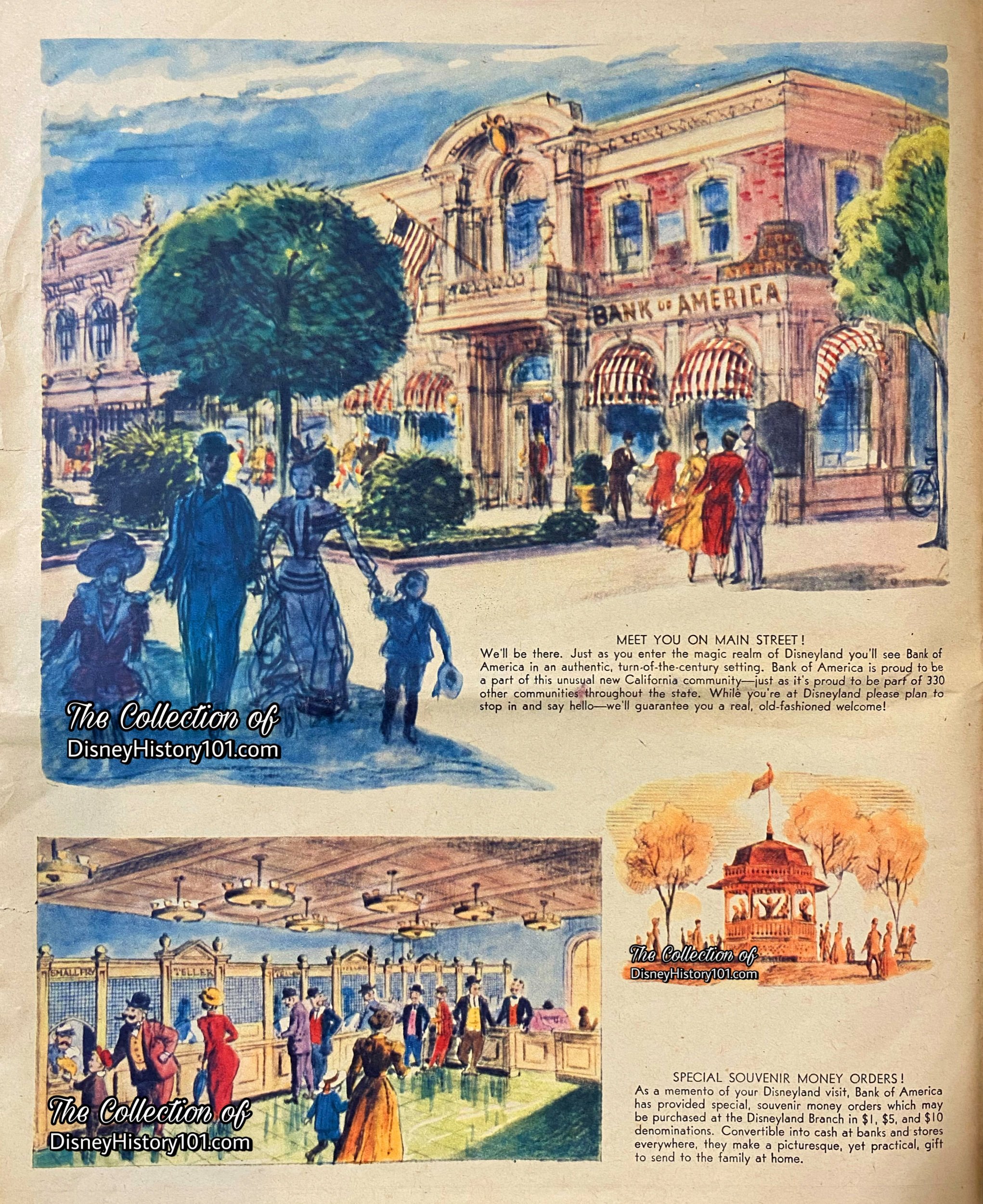
“Grand Opening”
A contributing writer of The Daily Oklahoman (who visited Disneyland on July 17, 1955) noted: “The guests walked into a city square of the 1900 era, bounded by an old time railroad station, city hall and fire station, opera house and other vintage merchant houses.”
Bank of America was situated next door to Town Square Realty (under the Disneyland PBX officers), on the 600 block of Main Street U.S.A., Disneyland. But this 1,082 square foot Bank of America would be unlike any other, for “it must be in keeping with the era,” according to Walt to Bob Thomas (of Associated Press) in one pre-Opening Day interview. Soon newspaper readers (e.g. those of July 15, 1955, advertisement supplements of the “Register” of Santa Ana, California) were treated to a preview of this particular facility, as it’s character design was fashioned after an 1890-era Bank of America branch! One article promised “Except for escrow service and safe deposit boxes all the services of the statewide banking firm are to be offered. Most popular should be the brightly colored souvenir money orders, which visitors can send home to family and friends. Issued without a service charge in denominations of S1, $5, and $10, they are imprinted with pictures Disneyland Mark Twain river. boat, the Santa Fe-Disneyland railroad, and the bank itself. They are as cashable in the ‘outside world’ as other money orders.”
Opening Day festivities were led by Leo Wagman (Assistant Cashier), and three male tellers - Dick Sanderson, Dick Wright, and Keith Laing. One of the few resources (about opening day) which we discovered was an article entitled “Banking in Magicland.” This article preserves two fantastic photographic memories - one of Dick Wright helping one of the first customers “David Beltz, 5-year-old son of Anaheim Pro AC [Assistant Cashier] Howard Beltz,” standing next to “Buddy Baer, posing as sheriff, while Kit Fox, chief of the Comanches, stands behind David.” The other photographic memory is that of the “first shipment of silver dollars… unloaded from coach in front of our Disneyland branch with ‘Sheriff’ Buddy Baer and under the watchful can-can girls from nearby Golden Horseshoe.”
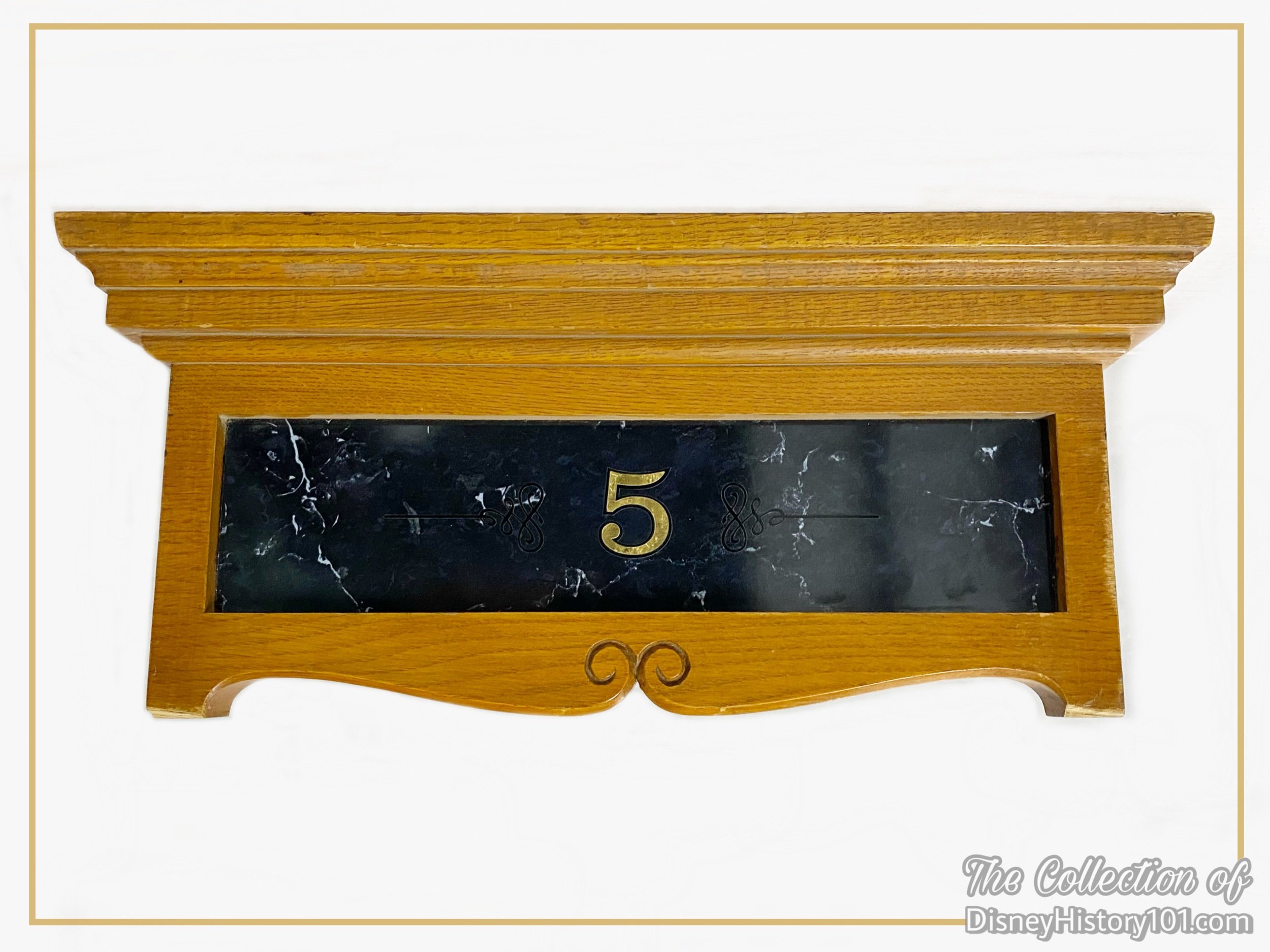
“Bank of America - The ‘Showpiece’ & The True-Life ‘Institution’”
As Van Arsdale France (founder of the University of Disneyland) explained in that presentation for potential Disneyland Participant sponsors (in May of 1955): These top executives of major American corporations were “here not to make money” but because they were to “create happiness!”
While the Disneyland, Inc. Public Relations Department reports referred to the “Banking Operation” (located on the 700 block of Town Square), the 1,082 square-foot “exhibit” was still reckoned among “Disneyland rides and amusements”that would “delight the very young, the teen-ager, young married couples, the middle-aged, and grandparents alike.” Some of our Vintage Views would testify to this fact [e.g. the excerpt from the Anaheim Bulletin “Premier Souvenir Edition - Walt Disney’s Magic Kingdom - Disneyland” Insert ; Friday, July 15th, 1955].
As was the case with the local Upjohn Pharmacy exhibit, the Disneyland Bank of America Branch was a “showpiece” with a“unique, old-fashioned atmosphere.” Stepping through the doors, one would notice that all fixtures were placed in their correct motif and many light fixtures were authentic antiques. The furniture and banking facilities matched those of the 1900’s. Owing to Imagineers knowledge of their guests, Grandmother or grandfather would have recollections of the chandeliers, teller’s cages, the interest calculator, the old-fashioned adding machines, old-time telephone, the antique 1890-period Remington typewriters, and the huge vault door (“taken from a 1911 Monrovia, California bank,” according to Vacationland magazine, Winter/Spring of 1965). Even Roy Disney (who once worked eight years for First National Bank of Kansas City) may have felt a little nostalgic over what he saw.
A few months later the Disneyland Bank of America Branch was a well-established and fully-staffed branch. Western Banker magazine Vol. XCV, No. 3 (published September of 1955) featured the Bank of America lobby on the cover, along with it’s “Pro-Assistant Cashier (Harry Kenawell) and perhaps some of it’s earliest tellers (Dick Sanderson, one of two female tellers Anne Richmire, and Keith Laing). In 1955, these were now led by Les Wagman, Assistant Cashier, Disneyland Bank of America Office manager, and first president of the Disneyland Merchant's Association. In this “last-century atmosphere,” some of these wore “shirt-sleeved tellers wearing vests, string ties and eye shades,” and worked “among old-style adding machines, typewriters of 1880 vintage, high stools and bookkeeping desks while supplying up-to-date banking service to visitors, the Disneyland owners, the business houses, concessionaires and their employees,” according to the very same article. Les Wagner’s position was truly unique, as he was “the only officer heading a Bank of America branch who is supervising modern banking service amidst surroundings of 60 years ago. It is all part of the schema of things carried out in the Magic Kingdom of Disneyland.”
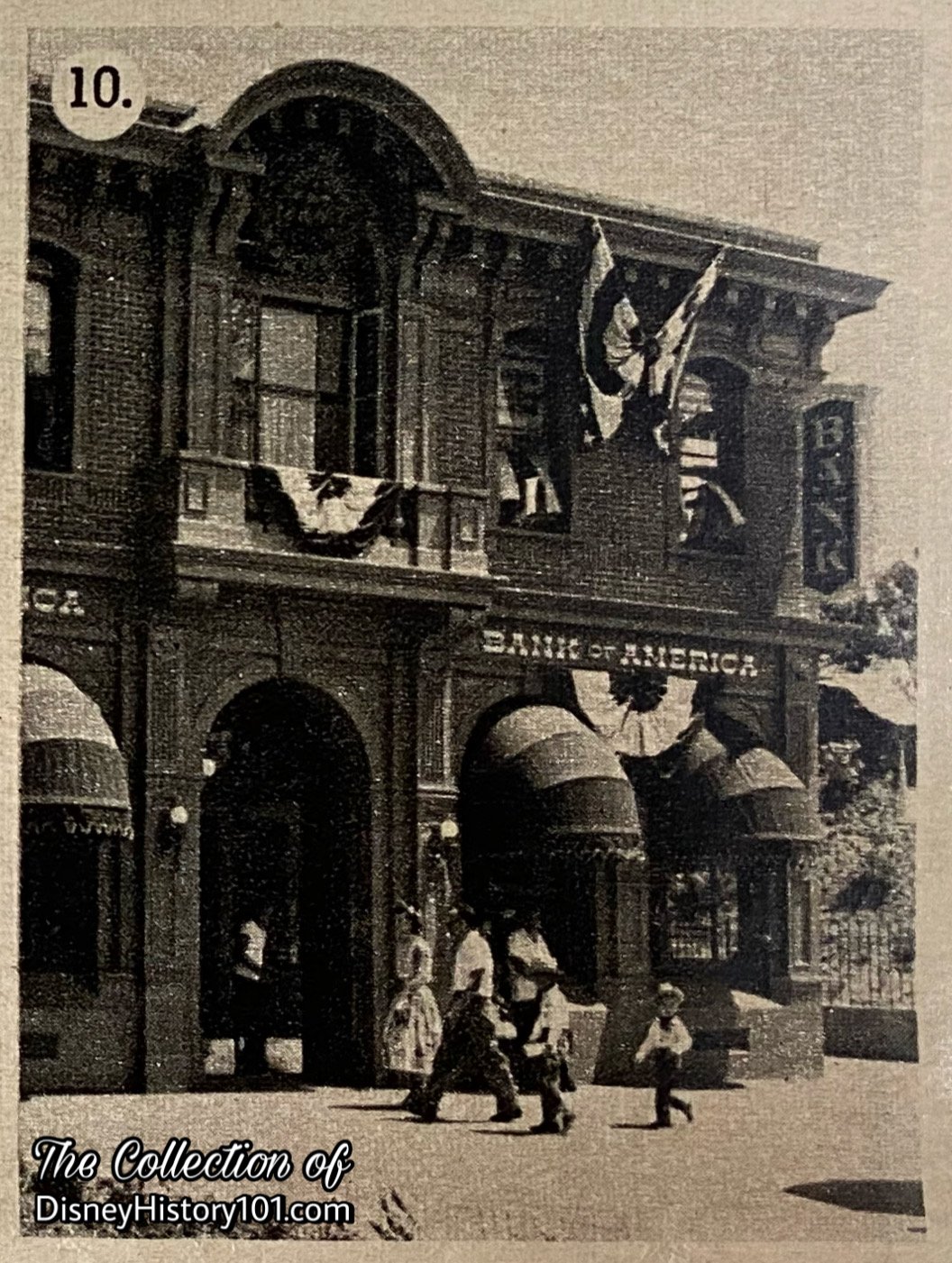
“The True-Life Institution”
This Bank of America Branch was “a real institution,” “fully equipped, completely modern.” Disneyland planned for a 7-day schedule, 10 a.m. to 10 p.m., through summer, closing Mondays as fall approached. But ultimately the branch would open daily (from 10 a.m. to 4 p.m.) for Disneyland guests to perform business or explore.
In exploring the “free exhibit” - this authentic recreation of a “pony-sized” bank (complete with antique safe) - guests may perform their business! Guests could open a savings account or commercial account, take out a loan, make change, cash checks or take home a Special Souvenir Bank of America Money Order (featuring artwork of the Disneyland bank of America Branch facade, the Mark Twain, or the C.K. Holiday engine)! One, five, and ten dollar money orders (for use at “stores, shops, banks, or anywhere in the nation”) were available without charge at your Disneyland Bank of AmericaBranch! The latter were so popular that they “passed the 1,500 mark on the fourth day of business,” according to “Western Banker” (Vol. XCV, No. 3). Guests may also remember receiving their official Disneyland Bank of America photo checks if they banked here during this historic time. Now, the adults typically performed the family’s banking. So, for the kids, there was “a special ‘small fry’ window where the bank passes out foil-wrapped chocolate ‘gold pieces’” which attracted many young “bankers.” After business was performed, guests would often sign “an old cash book ‘guest register’ inscribed ‘Our Greatest Assets Are Our Friends.’”
All of this would create tangible memories Guests through it’s merchandise and show!
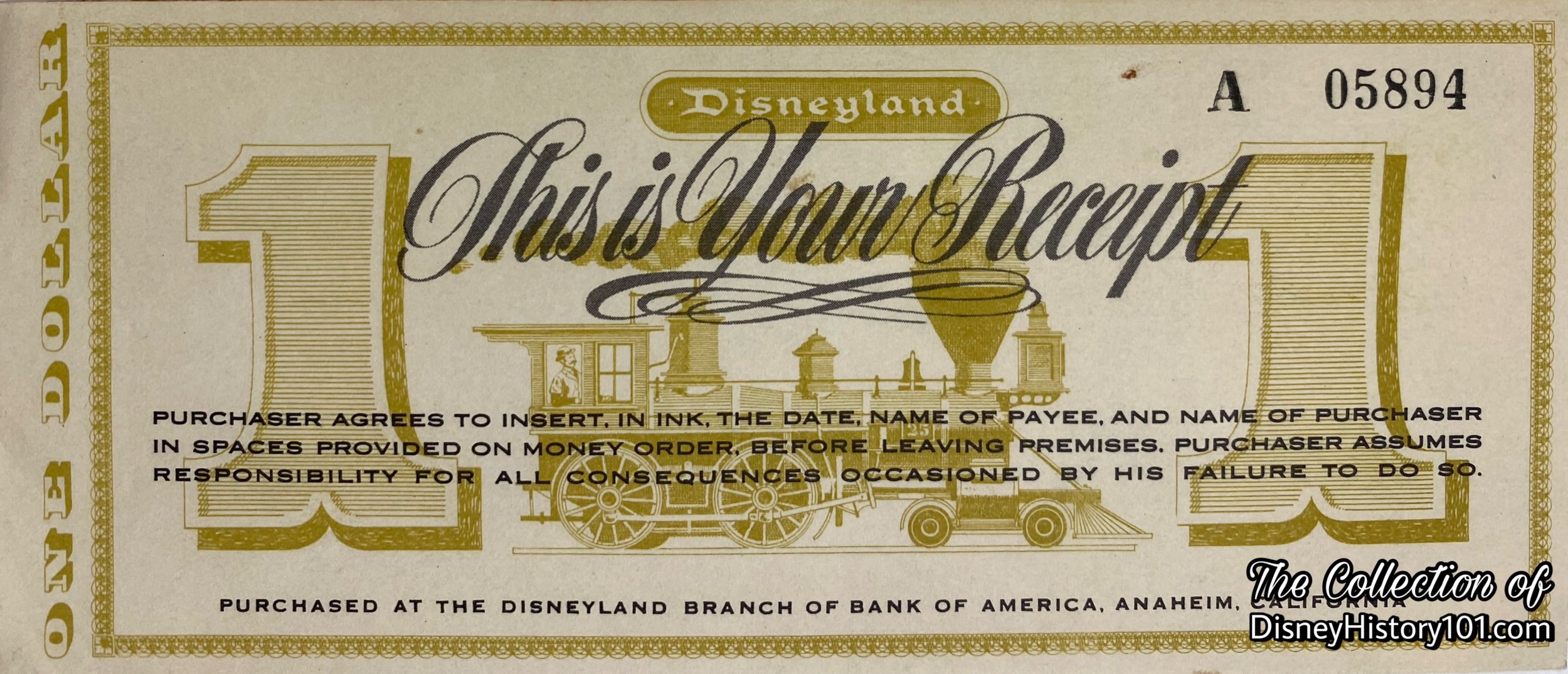
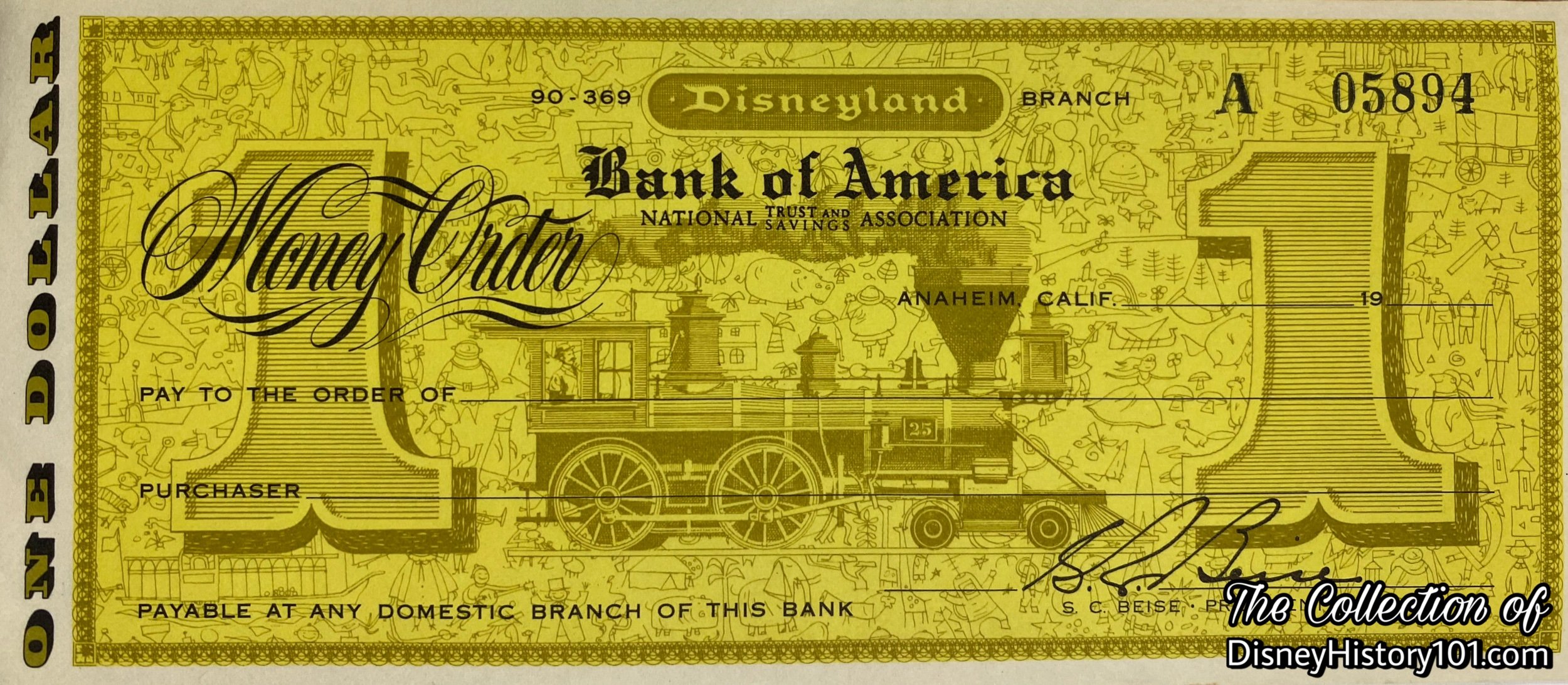
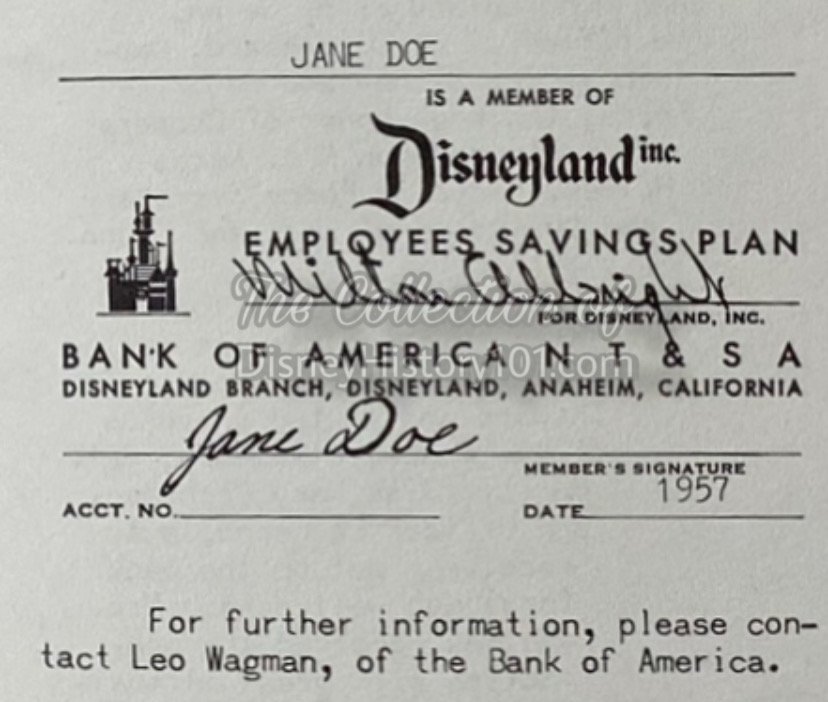
“Service à la Disneyland”
As for “Disneylanders,” you may recollect once using this bank to do your personal banking, long before there was a credit union. In fact, Disneyland Employee Paychecks of the era even bore the Disneyland Branch of Bank of America logo under The Walt Disney Productions logo. An issue of “The Disneylander” (1957; Vol.1, No.5) ran an ad and short article offering the Employee Savings Plan financial product, stating:
“The Company recognizes the value of a systematic savings plan for its employees, therefore, in conjuntion with the Bank of America, has worked out a program whereby each employees may save through the medium of automatic payroll deductions. In order to participate in this plan, all you have to do is stop at the Bank of America and fill out a card (like the one shown below) authorizing the Disneyland Payroll Department to withhold from your paycheck, the amount you wish to save each week. The amount that vou authorize will be deposited to your account and a Savings Pass Book will be mailed to you after the initial deposit is received at the Bank. Your savings will continue to accumulate without any further action on vour part and will earn the regular 3% interest rate.”
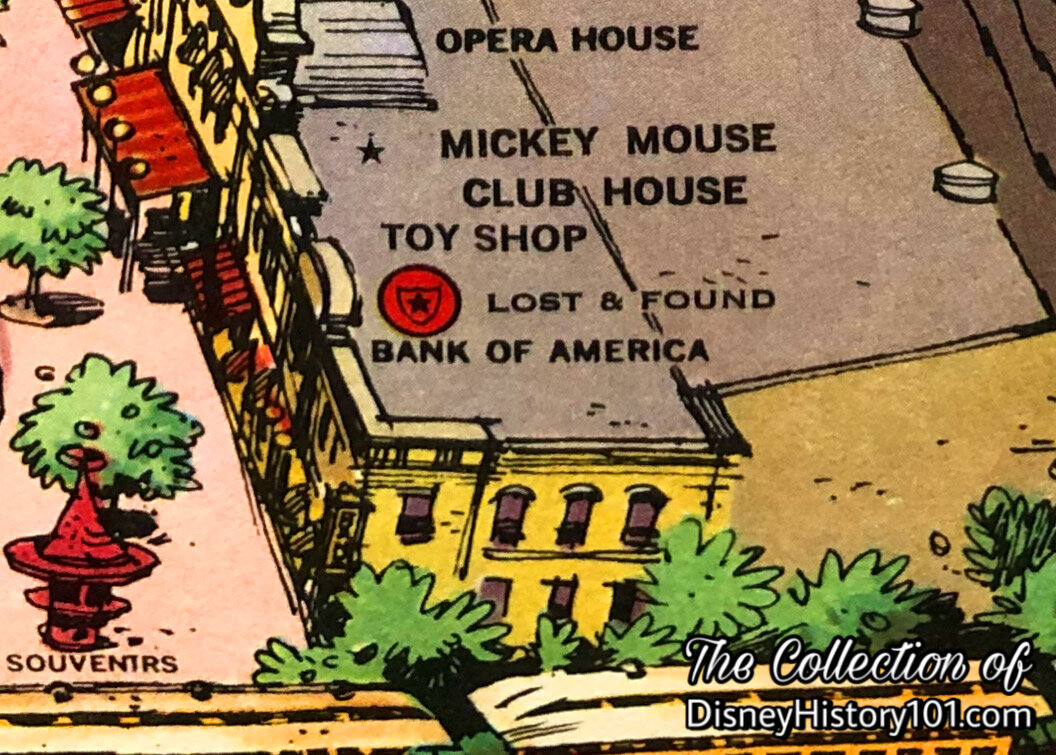
The synergistic relationship between the institutional lessee and Disneyland was beneficial. Bank of America yielded some revenue for Disneyland Inc. - $21,512 for the fiscal year ending September 29, 1957 and $21,520 for the fiscal year ending September 28, 1958. By 1958, the Bank of America Disneyland Branch was considered one of 15 free educational shows and exhibits at Disneyland.
By 1958, Bank of America appraisers figured of the total income received from leases, 16.02% was derived from the selling of advertising rights and 40.12% from the leasing of space to concerns whose main reason for occupancy is for advertising purposes. The remaining 43.86% of the lease income was derived from stores that sell various products and food. As much of the income was acquired by Disneyland, Inc., it is clear that Participant sponsors were still here to create happiness!
In fact, by October of 1959, there were over sixty-eight other firms playing a vital part in the team effort to bring happiness to Disneyland’s Guests. Some were small, specialized individual operators; some were huge companies such as Swift & Co. - the Bank of America - United Paramount Theaters (which you hear as UPT) - Carnation - Richfield - General Dynamics - Crane - and many others. These companies used the park to publicize their wares, leased space in the Park to sell their wares, and Disneyland collected advertising fees from them.
During 1959, Bank of America was open from 10 a.m. to 4 p.m. every day the Park was open, Selling Disneyland Money Orders and offering free Disneyland maps for Guests.
The previously stated unique hours of this Bank of America Disneyland Branch continued in the 1960s. According to the Guided Tour Script of 1962 : “Across the street is our Bank of America, open for your convenience until 4 o’clock this afternoon. This bank is unique in that you may do your banking on Saturday, Sunday, or Holidays…anytime the park is open.” By this time, Bank of America boasted “more than 600 branches,” some in “more than 330 other communities throughout the state.”
By 1965, Bank of America was accounted among Disneyland's 29 Institutional Lessees.
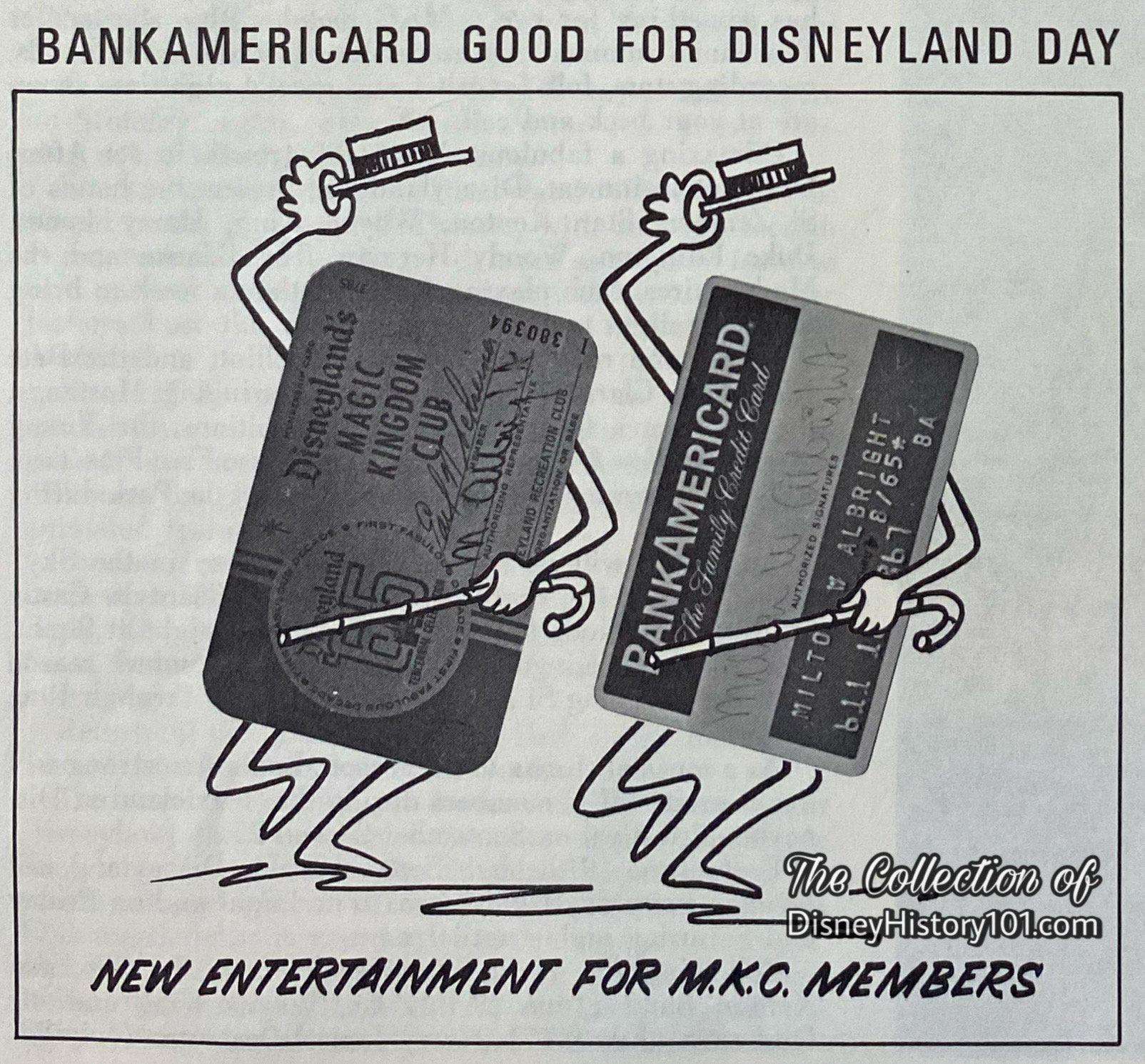
During the late 1960’s, BankAmericards could “be used to purchase Disneyland admission and ticket books at any branch of the bank and may also be used to purchase food and merchandise at any shops in Disneyland,” according to the “Disneyland Dictionary” (compiled by WED Enterprises, Inc. and WED Public Relations Department, c. 1968).
Check Cashing Bank of America Hours were 10:00 A.M. to 4:00 P.M. After Bank hours, guests were directed to the "Great Moments With Mr. Lincoln” Ticket Booth.
Out-of-state visitors on a holiday would have especially appreciated the convenience owing to these previously stated features and accommodations of the Disneyland Bank of America branch. In fact, It seems that escrow and safe deposits were the only products or services that were not offered through the Disneyland Bank of America branch.
By 1975, Bank of America was open when the Park was open; 10 - 3 daily. This was perhaps the only bank in America open on Saturdays. Sundays and Holidays. Disneyland Guests who wished to cash checks when the bank was closed were directed to the Main Street Railroad Station Ticket Booth and the Penny Arcade.
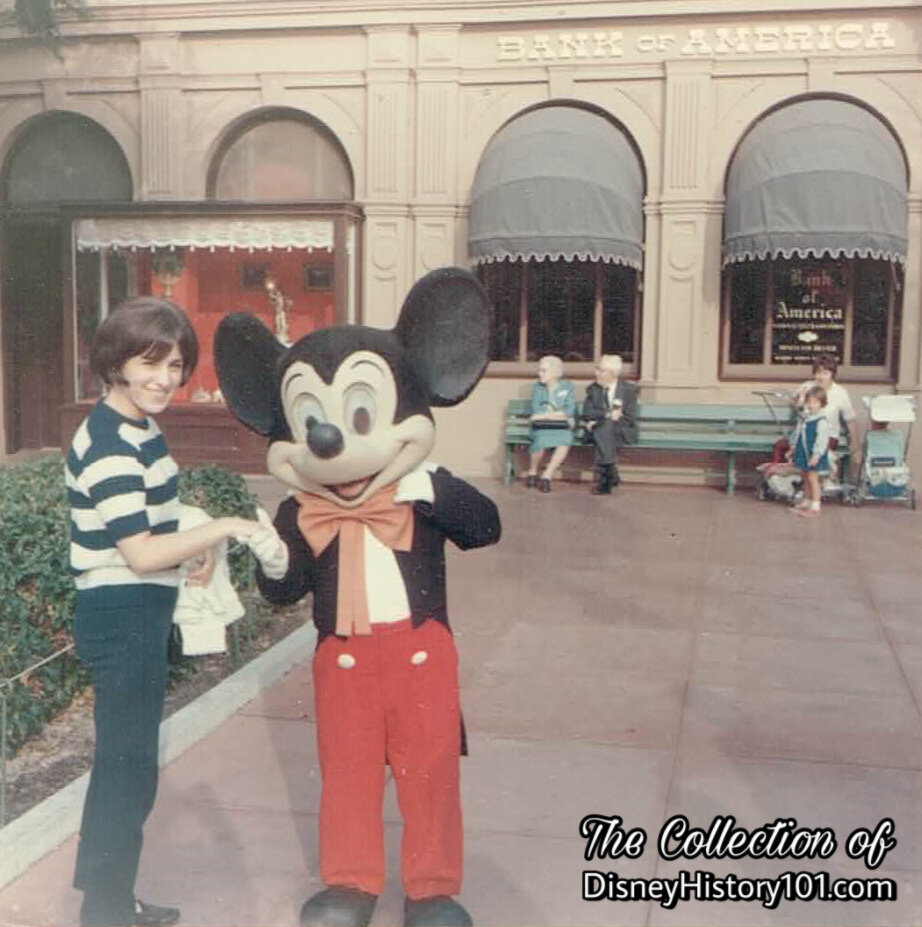
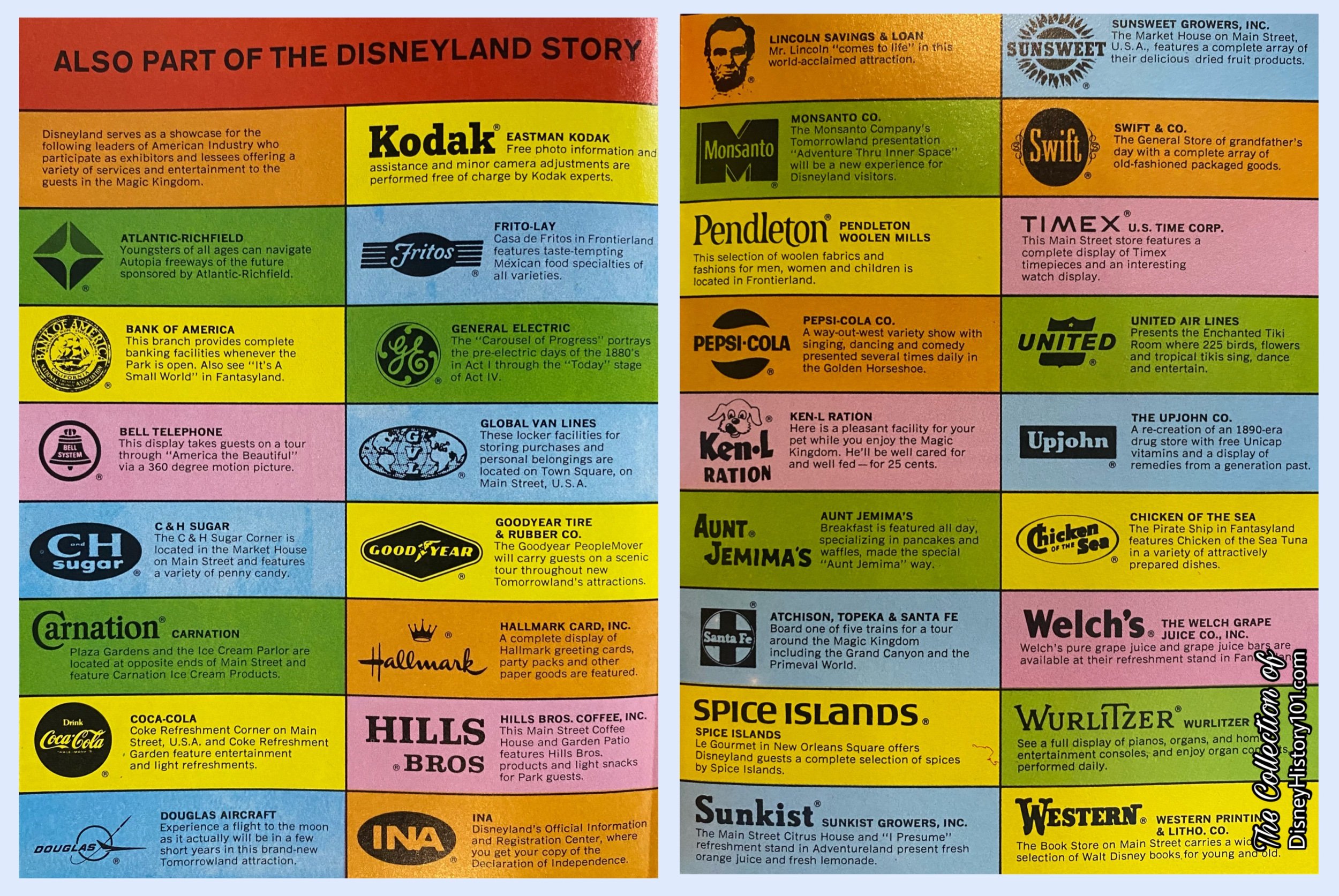

There are many stories to tell about the construction period, like the time that Mill workers had to be safe crackers when the Bank of America vault was stuck. Another story includes laying the structural foundation.
“RHONDA RECOLLECTS A.E. FOWLER AND SONS INVESTMENT - IN LAYING THE FOUNDATION”
“Father worked for A.E. Fowler and Sons as a construction worker and crane operator. They did work all over Orange County. After laying a bank building foundation, Father would throw a penny in the wet cement. Later, he liked to humorously tell people, ‘I have money in THAT bank, and THAT bank, and THAT bank.” We wonder if Crane Operator Ron Vasey STILL has money in Disneyland’s Bank of America today!
“MARY REMEMBERS THE BANK OF AMERICA VAULT INSTALLATION”
“My dad was part of the crew that installed the vault door…Dad worked for the Bank of America. That was the original purpose of the building, a real bank.
I was not present at the time. I would have been 12 years old. I feel some pride about it now, but back then, I didn’t give it much thought. I am not aware of any other things he did for Disney. He did act as technical adviser for a couple of movies regarding vaults and safe deposit boxes.
Many years later, my daughter worked the part of the Queen of Hearts character in a parade. I took my parents over to see her and my Dad went to the old Bank [of America] building. He was looking at the vault and the young woman who worked there came over and asked him if he had installed it. I thought it strange that she would ask that.”
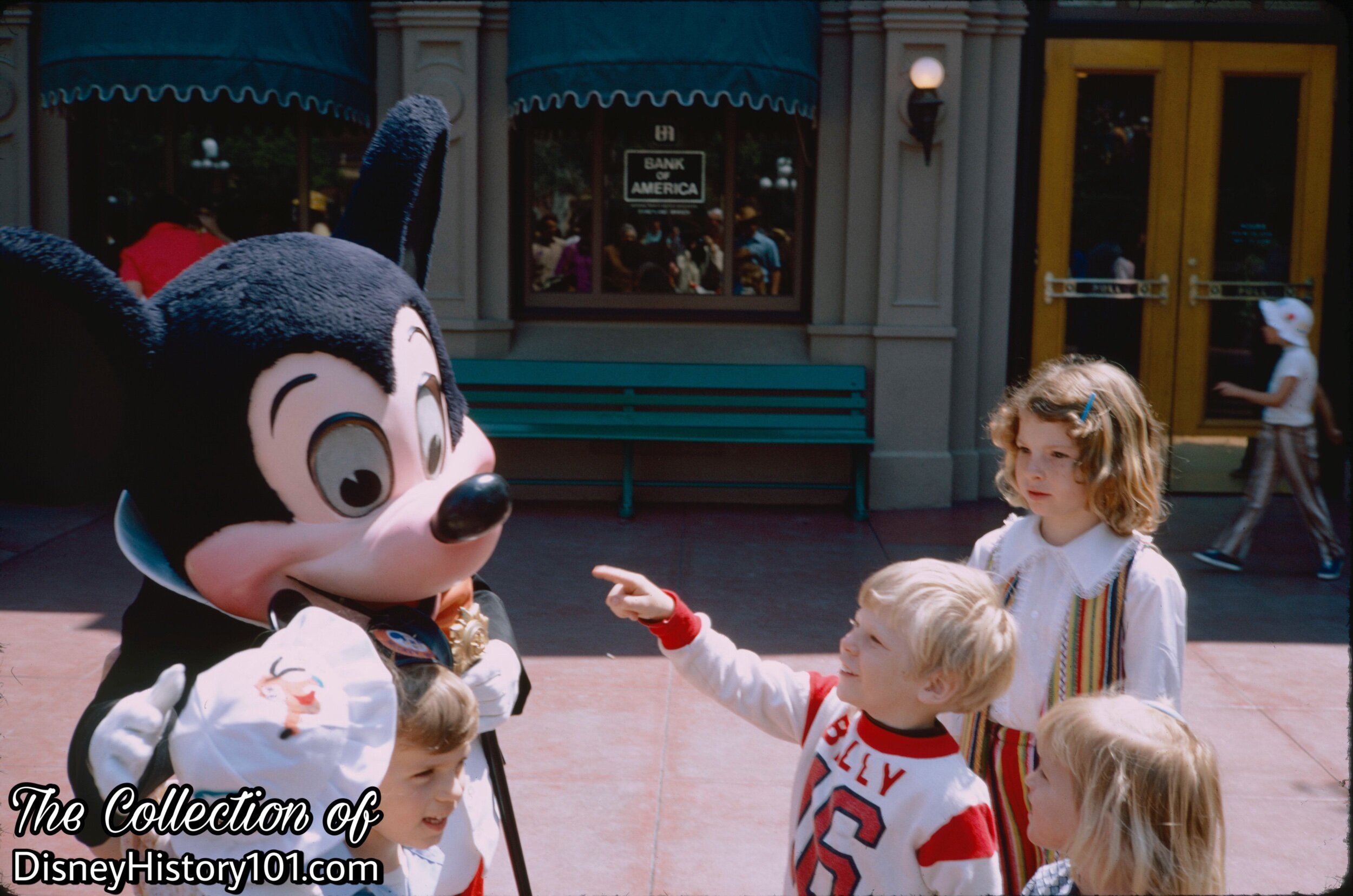
Mickey Mouse greets guests in Town Square, in front of Bank of America.

Here’s the Disneyland Branch of Bank of America, all decked out in red, white, and blue bunting for the American Bicentennial celebration held in Disneyland!

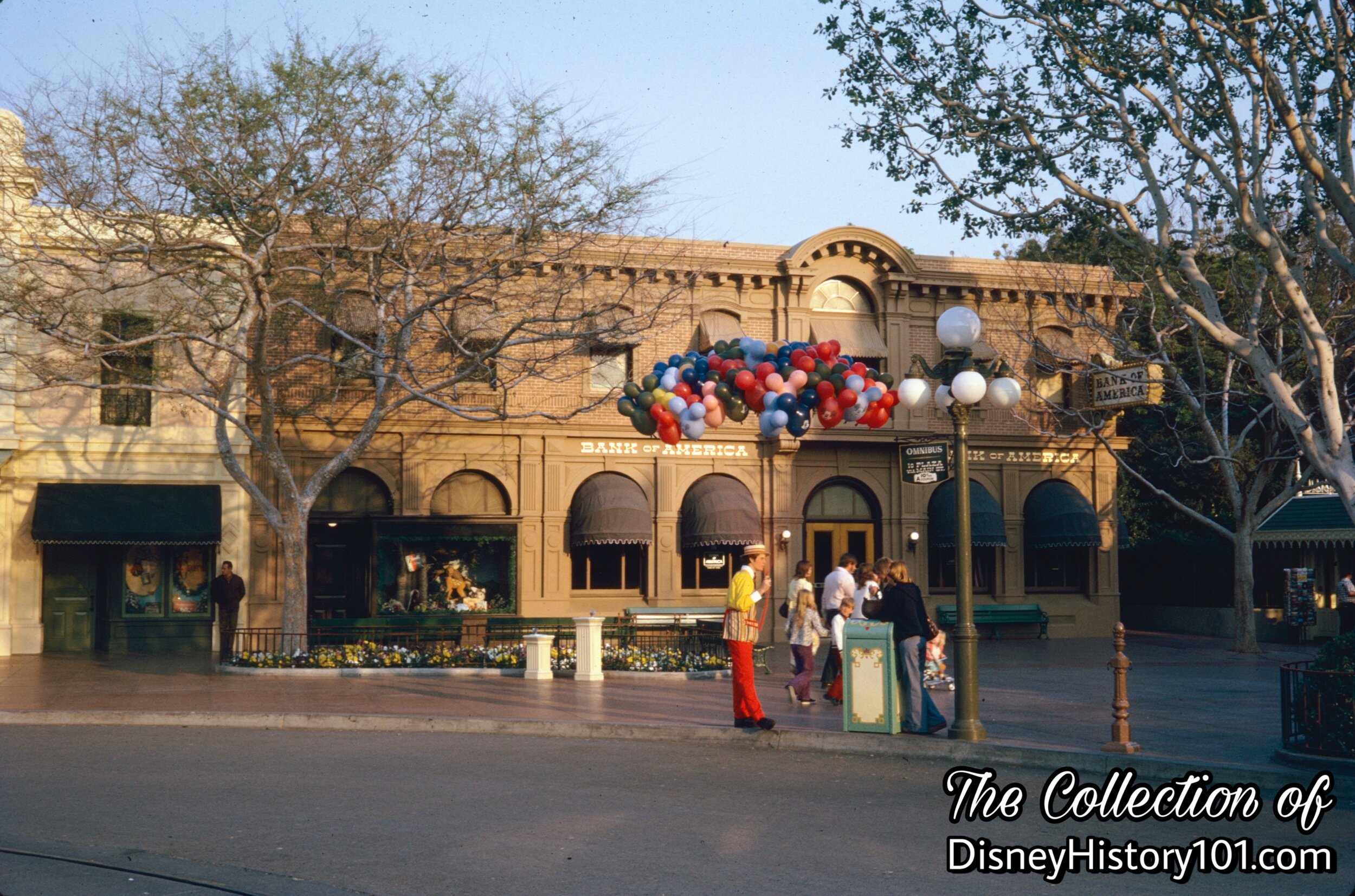
“A ‘Bank Note’ on Mickey’s Mint & The Versateller”
According to Disneyland LINE (August 5, 1976), “the Main Street branch outgrew its facilities as it strived to take care of both guest and employee needs, so in 1974, Mickey’s Mint, the only bank branch in California exclusively established to serve the employees of one company was opened”. By 1976, there were 27 Bank of America employees (working various hours, seven days a week) at both “Mickey’s Mint” - the newest Full-service Disneyland Park Bank of America Branch, and the Federal Credit Union branch (adjacent to the old Pony Farm).
The following year (of 1977), the Bank of America’s hours of operation were adjusted to 10a.m. to 3p.m. However, (by a special arrangement) check cashing with proper identification (up to $10 cash) was a service made available at select ticket booths including the Main Street Station Ticket Booth. In addition, BankAmericards were accepted at most shops, stores and restaurants at Disneyland bay this time. For Cast Members, Bank of America offered complete banking services from this fully-operating branch of the Bank of America. Located in the Backstage area between the Main Street break area and the Center, “Mickey's Mint” as the branch is nicknamed, had been serving Disneylanders since October 14, 1974. It was also the only bank of its kind in the United States that served strictly the employees of a large company. The bank’s operating hours are 10 am to 3 pm, Sun., Mon., Tues., Thurs., and Sat; 11:30 am to 6 pm on Wed.
only, 10 am to 6 pm on Fri. only. The bank is closed on holidays.
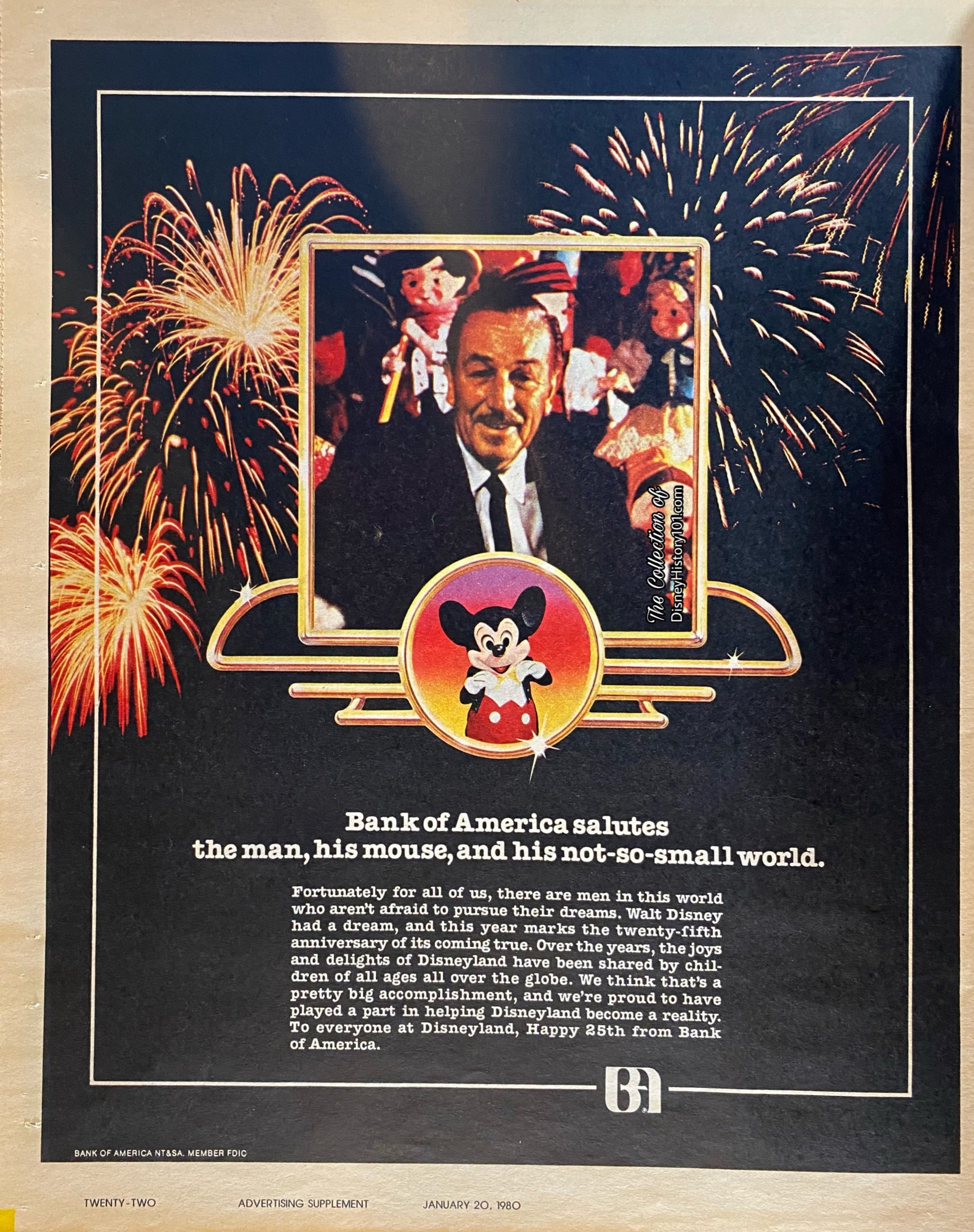
Mickey’s Mint ceased operation on September 1st, 1980, and Disneyland Cast Members soon scrambled to have their accounts transferred elsewhere to accommodate their banking needs (as the Main Street Bank of America was not a full-service branch).
By 1984 a Bank of America Versateller was conveniently located (between Group Sales and the Information Newsstand) just left (west) of the Disneyland Main Entrance. Guests who wished to cash checks when the bank is closed could be directed to the Penny Arcade on Main Street or the Starcade in Tomorrowland. There was a $20 check cashing limit.
By 1990, a Bank of America Versateller was located west of the Disneyland Main Entrance. But three years later (after some 38 years), Disneyland Participant Affairs and Participant Bank of America could not negotiate a new cooperative agreement to maintain their ongoing relationship). So, the opening-day sponsor would depart from Disneyland. Though the Disneyana Shop would swiftly move into its place, Bank of America’s years of loyal service, free exhibits, and other Disneyland investments were missed by both Disneylander and guest alike! Cast Members may recollect the TEAM Center was once located on the second floor of the old Bank of America building.
The 1990s saw a massive rehab to Main Street U.S.A.’s facades, and among them, some of the biggest changes to the Main Street fixture. With the advent of ATMs at Disneyland (in 1993), the institution of a bank became redundant. That year, the location was converted from a commercial bank, into an Annual Pass Center.
Within a few years, it was decided to add a distinguished marble facing by “aging and grain” specialist, Doug Price of Disneyland Staff Shop. By 1999, the biggest change was in store - that of sponsorship for Bank of Main Street. A deal agreed to in late March of 1999 saw Union Bank of California (a member of FDIC) become the official bank of Disneyland Park. During the era, you may recollect visiting the Bank of Main Street for a souvenir pressed penny, and a souvenir Disneyland & Union Bank of California commemorative sleeve.
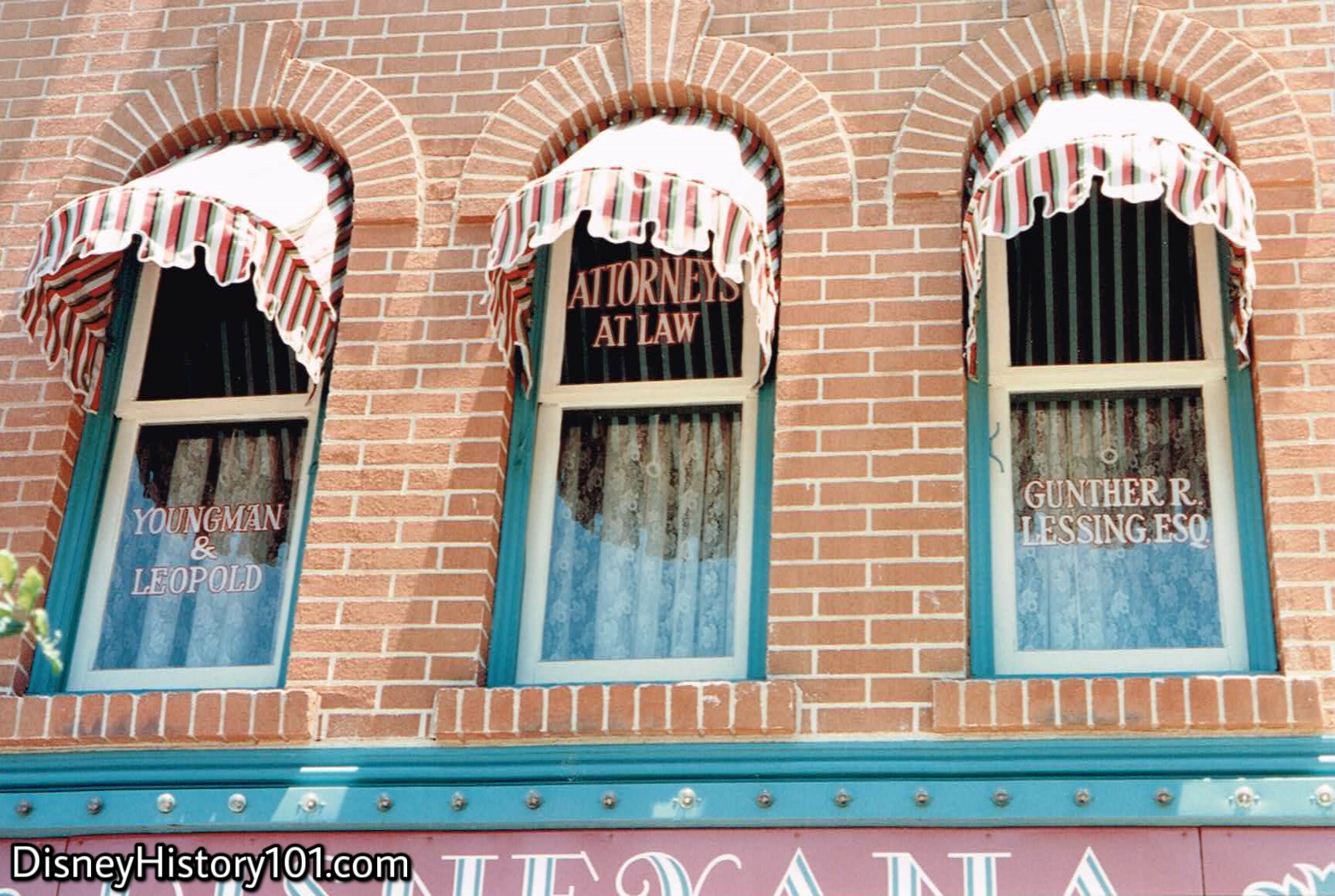
“We celebrate our people for the memories they created in the past.”
There are thousands of windows at Disneyland. Most Guests strolling down Main Street, U.S.A. only notice that the fanciful window advertisements above the attractions, stores and restaurants add a nice, decorative element that completes the turn-of-the-century theme. But most Disneyland insiders know that some of the windows also serve a dual purpose of honoring Disney Cast Members who helped make Disneyland a beloved institution.
Martin Sklar once said “an individual's contribution can usually be found in the final product if one looks closely enough, but the Disney mind frame is to never point out ‘what I did’ to anyone.” However, a few outstanding individuals have been publicly recognized for their contributions and even ceremoniously honored by the Company.
“The legal profession is recognized on the windows above the Disneyana Store which read: Gunther B. Lessing, Esq., Youngman and Leopold. Gunther Lessing served as legal counsel to The Walt Disney Company for more than 30 years. Youngman and Leopold, members of the same legal firm, played important roles in early negotiations of Disneyland,” according to “Disneyland - A Treasure Chest of Trivia,” prepared by Walt Disney Productions, 1990.
Other windows (not pictured above) feature the names of William T. Wheeler & John Wise (of Wheeler & Gray Consulting Engineers). They both were instrumental in creating Disneyland, and John Wise went on to become WED’s chief engineer for future projects. As for Bill, he led design teams that were instrumental to the Disneyland we see today, and also to Disney World and Epcot Center in Florida. William and John were not the only two Wheeler & Gray engineers to join the Disneyland Team or make contributions to the magic kingdom. For instance, Don Edgren started work with Disneyland in 1954, performing “structural designs and installations at Disneyland,” according to his WED Capsule Biography. “Coordinating the engineering for Disneyland’s Matterhorn, Monorail, and general facilities, Don acted as liaison between Wheeler and Gray before he joined the WED staff of designers in 1961. His first project after coming to WED was the Swiss Family Treehouse, one of the most interesting structural engineering projects at Disneyland, basically constructed and patterned after a scale model.” Another unsung engineer was Hector Abdullah, who was contracted by Wheeler & Gray Consulting Engineers, when a pre-construction stress analysis of the Swiss Family Robinson Treehouse needed to be conducted. While Don received a window honor, Hector did not (as he was only a contractor).
J.S. Hamel, Consulting was an appointed consulting engineer for the Disneyland project in 1954.
Seven Summits Expeditions, Frank G. Wells, President - Wells, who climbed the tallest mountain on six of the seven continents, was President of The Walt Disney Company from 1984 until his death in 1994.
Richard Irvine and Marvin Davis, Architects and Associates - Irvine was chief of designing and planning for Disneyland, Walt Disney World, and the Disney shows at the 1964-65 New York World's Fair. Davis was an architect and set designer who assisted Walt Disney and Richard Irvine in the earliest layout of Disneyland.
Wilson Martin - Art director and project designer on numerous attractions including Sleeping Beauty Castle, Monorail, and Pirates of the Caribbean.
Gabriel Scognamillo - Art director who worked on Tomorrowland.
Wade B. Rubottom and George Patrick - Rubottom was an art director who worked on Main Street, U.S.A; Patrick was an art director who worked on Frontierland
Another notable Disneyland designer who has a window homage over the Bank Building is art director Gabriel Scognamillo (who contributed many Tomorrowland designs, like the yellow awnings that shaded merchandise and concessions, the maritime flags over the Tomorrowland Exhibit Halls, and even the Richfield Autopia marquee and Entrance)!
According to Disneyland LINE : Richard Irvine and Marvin Davis (whom also have “offices” above Bank of America),“are listed among the Architects and Engineers on a window above the Bank of America in Town Square. Irvine was chief designer for the Disneyland project, and is now Executive Vice-President of WED. Marvin Davis, Disneyland’s initial master planner, is a project designer at WED today.”
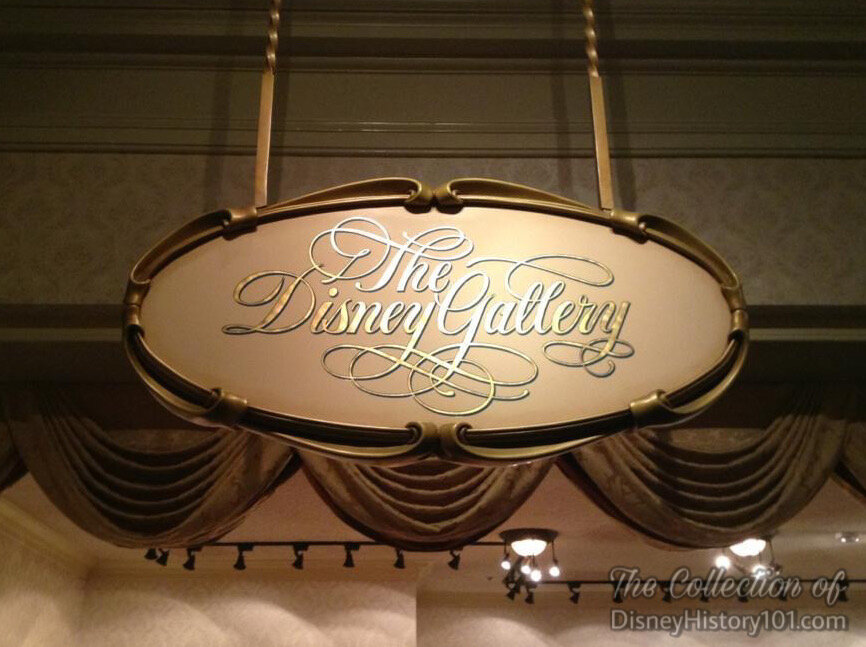
In 2008, WDI master plans entertained the concept of a synergistic opportunity possibly involving Visa and Chase Bank sponsorship of the Main Street Bank. This was in development. But in the end (and since its opening in 2009), The Disney Gallery has resided in the location of the original Disneyland Bank of America Branch (later expanding into the Main Street Opera House Great Moments with Mr. Lincoln Pre-Show Area).
In the “Front of House,” a few architectural elements remain to this day, including a portion of the counter and even the vault.
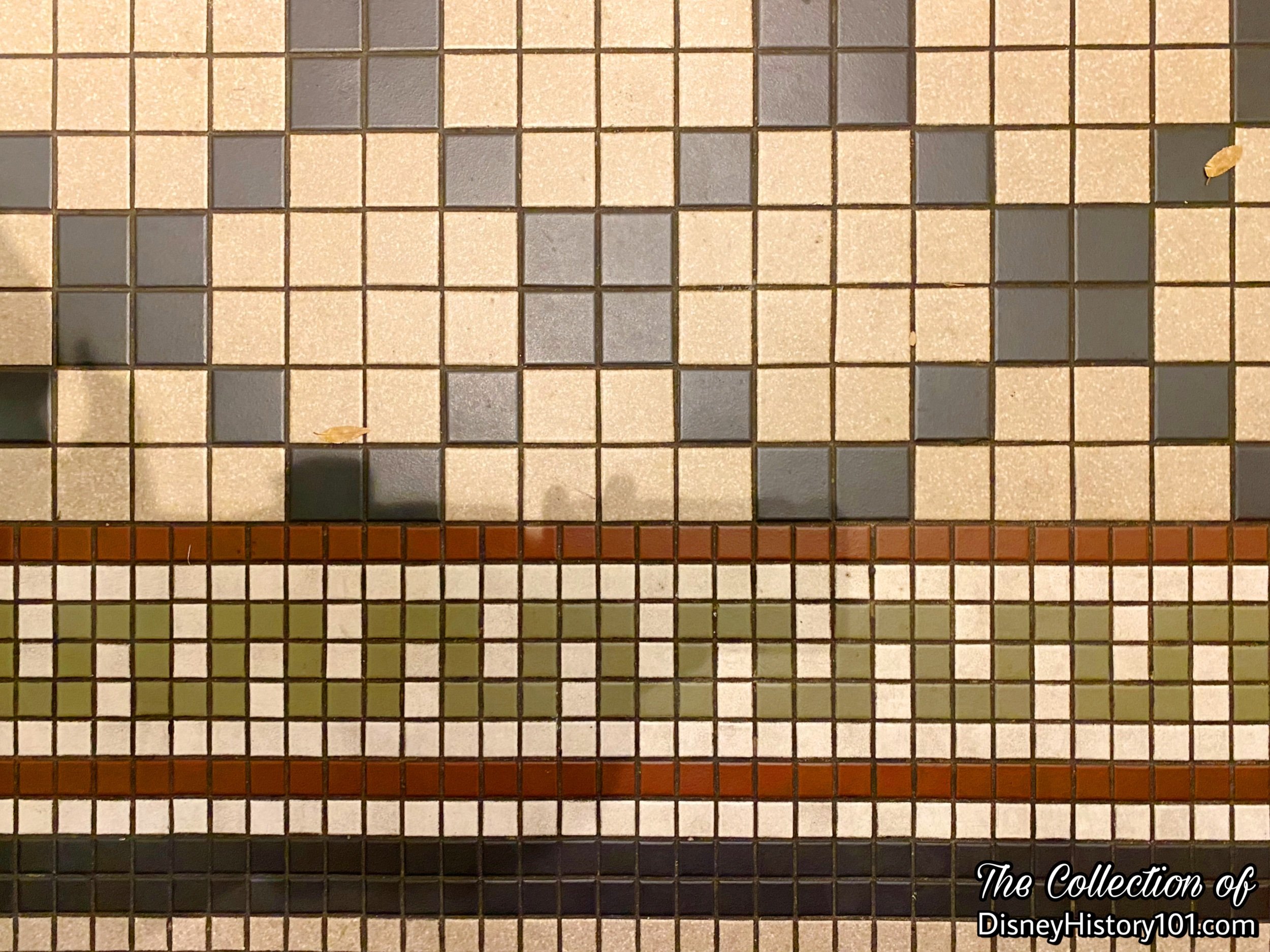
BLUE BIRD SHOES FOR CHILDREN (Gallen-Kamp)
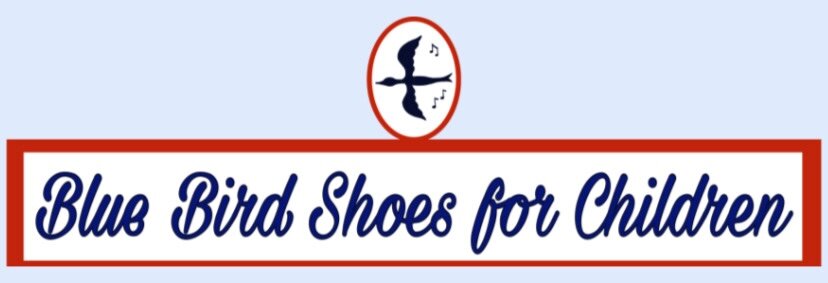
Since the 1930s, the Walt Disney license has been extended to shoe manufacturers.
“The Search for Participant Sponsors of Disneyland”
During 1954, Walt was searching for participants to lease shop and restaurant spaces at DISNEYLAND®, and help generate the necessary capital to fund the construction of Disneyland. In a synergistic relationship, the companies (in turn) could sell their products and advertise their corporate names in the Park. Disneyland Participant Corporate Sponsors were carefully selected. High quality, long term corporate sponsors would provide incremental income that enabled Disneyland to enhance its show and attractions, offset some operating expenses, and capitalize on marketing opportunities.
By July 1, 1954, Russel Tippett of Advertising oversaw Exhibitor’s Space Sales and Lease Agreements. Individuals like Nat Wyncoff provided the essential orientation for curious lessees, selling them on the idea of Disneyland using various visual aids like sketches and one of Herb Ryman’s oil paintings of Disneyland. Soon, “A cross-section of American industry…[was to be] represented in Disneyland. Each of these companies… [would expose] its institutional advertising and public relations message to Disneyland guests through various forms of participating exhibits and displays. In each case, the exhibit… [was to be] related to the theme of the ‘land’ in which it is located, and is woven into the overall concepts and themes of Disneyland,” according to “Disneyland, U.S.A.,” published 1958. As Walt described to Bob Thomas (of Associated Press), “some industries will have exhibits, but all of them must be in keeping with the era.” As intended, many of the free exhibits located on Main Street U.S.A. came to be sponsored by one of the United States’ “old reliable firms, which have been in business fifty years or more. Here they can show how they started and reproduce their first place of business,” [according to one draft of the Disneyland Prospectus, published 1954].
Several of those “old firms” (which leased spaces) specialized in apparel for men, women and children! The Hollywood- Maxwell Intimate Apparel Shop (a fairly “young” firm), presented by the Hollywood-Maxwell Brassiere Co. of Los Angeles, afforded guests the opportunity to view “early day corsets and foundation garments.” Another shop (located North of Coca Cola Refreshment Corner) originally housed merchandise offered through the swimwear manufacturer and retailer Cole of California. Fantasy of Disneyland also carried clothing - like a large selection of designer little cardigan sweaters, party dresses, “Hollywood Knits,” and jumpers (by vendors like Johnny Lee of California, or Nob Hill of California). These were just a few of the shops that were located inside Disneyland, and there were many others that came to be located at the Disneyland Hotel! Yes, “shopping has been a part of the Disneyland scene since opening day, 1955, when just 45 employees worked in the Park’s five stores and stands,” according to Disney News (Fall, 1966). The same publication called Walt Disney’s “Magic Kingdom actually… like a huge specialty shopping center, with thirty Disney-operated stores catering to every taste and purse. In addition, some of America’s most famous ‘name brand’ merchandise is sold in the stores of Park lessees.” Soon (possibly owing to Harry Karl of Karl’s Shoes and Shoe Corp.) the GallenKamp Stores Company would become a Disneyland Participant sponsor and open their doors at 208 Main Street!
“Architectural Designs by Lessees”
Disneyland, Inc. printed materials for Lessees detailing specifications for architectural designs of exhibit spaces. These were revised by March 16, 1955 and issued to Lessees.
All of the interior architectural drawings were done by competent registered architects or an approved display house of the lessee's choice. All of the designs submitted by the lessee's architect, whether for buildings or construction of interiors in DISNEYLAND, were approved as to the theme and general plan of DISNEYLAND as established by WED Enterprises, Inc.
Three sets of preliminary drawings were furnished DISNEYLAND, Inc. as soon as possible after signing of the lease. Two sets were retained by DISNEYLAND and one set was returned to the lessee’s architect with any revisions noted thereon and stamped “APPROVAL TO PROCEED TO FINAL DESIGN.” This stamp when properly signed and dated constituted the lessee’s authority to proceed with the final drawings.
The Lessees revised their final drawings to incorporate any revisions noted on the approved preliminary drawings, and submitted three sets of the revised drawings to DISNEYLAND. One set was returned to the lessee’s architect and any revisions noted thereon are to be incorporated on the original drawings. When the lessee had incorporated the final revisions on the drawings, two sets of transparent ozalids were forwarded to DISNEYLAND for approval. DISNEYLAND would stamp both sets “FINAL DESIGN APPROVED” and “LESSEE’S CONTRACT DRAWINGS”, and return one set to the lessee who could then release drawings for bid and/or construction.
“Construction”
“Disneyland is unique in that some of the world's foremost creative artists and architects control all design at Disneyland.“ F. M. Franz, manager of operations for McNeil Construction expressed: "We feel sure there has never been anything built like this in Southern California, or elsewhere in the United States. Many of the items were constructed from artist’s sketches.”
Forced perspective would make the buildings on Main Street appear taller than actually are. On Main Street the buildings would not be full scale. Ground floors were built about 9/10ths scale. Second floors measured up to 7/10ths scale. The scale on the uppermost floors would be smaller still.
First, a concrete foundation and slab floors were prepared, followed by wood frame construction (while store units would have a combination wood and rigid steel frame).
According to inserts published in area newspapers during July of 1955, Disney buildings were roofed by Pioneer Roof & Shingle Company (then located at 608 Mateo Street, Los Angeles, California; 7522 Westminster Avenue, Westminster, California). The roof covering was a variable, dependent on the architectural design.
As of June 2, 1955, C.V. Wood Jr. sent an Inter-Office Memorandum to Walt Disney regarding the best estimates that could be obtained at the time regarding the completion status of individual sections of the Park and Opening Day. C.V. wrote: “Building #510 - Blue Bird Shoes: This one is doubtful. However if we do not make it, it will be an easy one to block off and dress.”
By July 2, 1955, shadow gags were ordered. Painted signs, window, curtains, and shades were projected to be completed on time. The sound equipment was be installed, with completion of the tape recordings appearing to be fairly tight. The electric signs were “in work,” and with the exception of the shoe store and the Bank of America, all were to be completed.
The buildings (as each on Main Street U.S.A.) possessed complete fire sprinkling systems. By June 30, 1955, related Disneyland Site Work Fire Protection Utilities Plot Plans were prepared for Disneyland Inc., by J.E. Thomasson of WED Enterprises Inc.

"Ev'ryone Would Own a Dozen Blue-Birds"
As Van Arsdale France (founder of the University of Disneyland) explained in a presentation for potential Disneyland Participant sponsors in May of 1955: These top executives of major American corporations were “here not to make money” but because they were to “create happiness!” This is evident by the income received by Disneyland, Inc. due to the corporate Participant sponsors and lessees. For example, three years later (in 1958), Bank of America appraisers figured of the total income received from leases, 16.02% was derived from the selling of advertising rights and 40.12% from the leasing of space to concerns whose main reason for occupancy is for advertising purposes. The remaining 43.86% of the lease income was derived from stores that sell various products and food.
A contributing writer of The Daily Oklahoman (who visited on July 17, 1955) noted: “The guests walked into a city square of the 1900 era, bounded by an old time railroad station, city hall and fire station, opera house and other vintage merchant houses.” Two days prior (and before Disneyland opened), an article published in Pacific Coast Review (published July 15, 1955), briefly and ambiguously mentioned that “Other names in this advertisers wonderland include Gallen Kamp shoes.”
Clearly the Participant sponsors and lessees were here to create happiness. Gallen-Kamp had recently won commendation by Parent’s magazine, and so parents may have been happy to discover that this particular Disneyland specialty shop offered a wide selection of their “all leather” children’s footwear. Among the c. 1955 stock was undoubtedly the “Gallen Kamp’s Saddle” (retailing $4.99), which was advertised as a “school shoe.” These were offered in all-black, all-white, as well as a variety of two-toned color schemes (including brown & white, blue & white, red & white, green & white, pink & black, pastel pink & white, and pastel blue & white). Another popular model (for girls) was the Patent Leather Strap, which can be seen in this c. 1955 advertisement below.
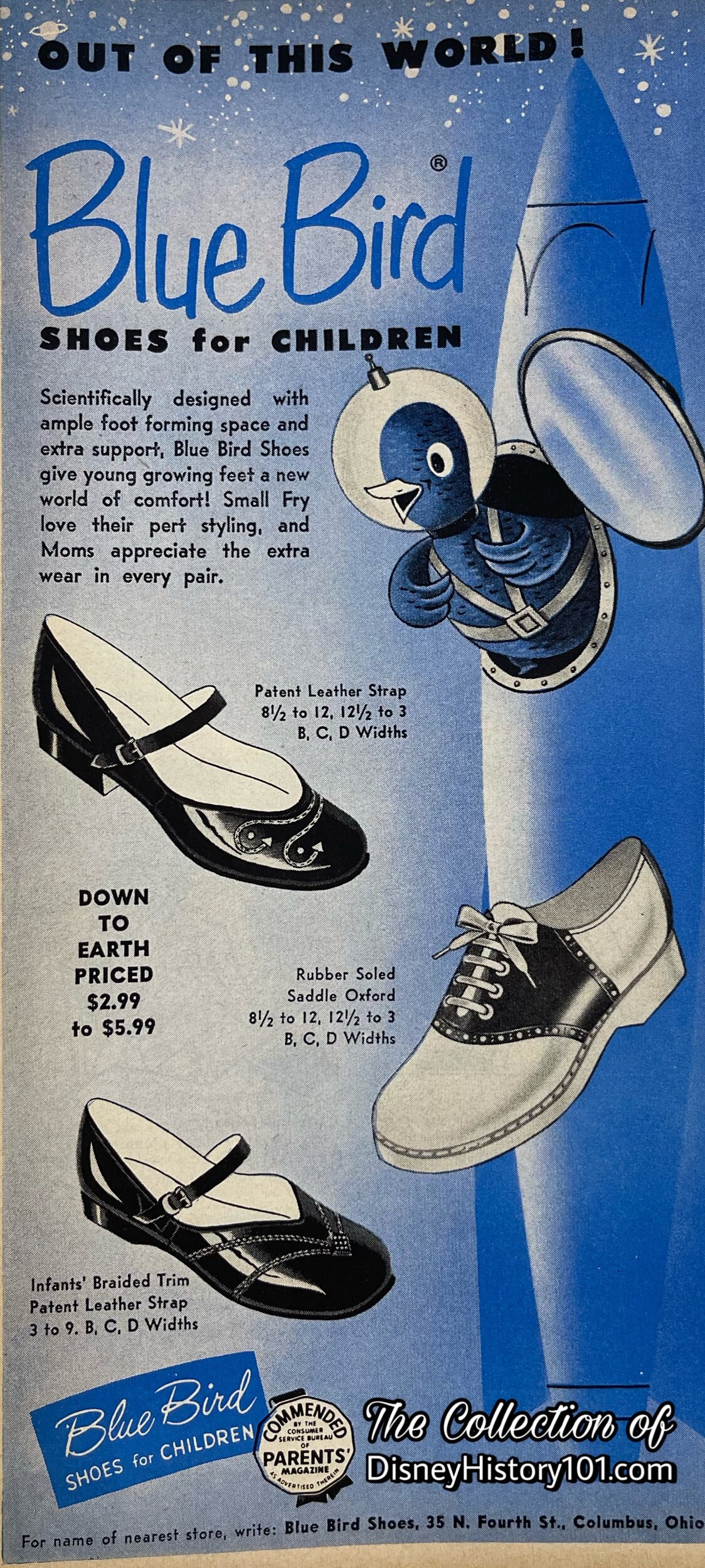
Like many Main Street exhibits, complimentary souvenirs were offered - maps of Disneyland. The souvenirs of Blue Bird Shoes for Children featured these Gallen-Kamp advertisements on one side.
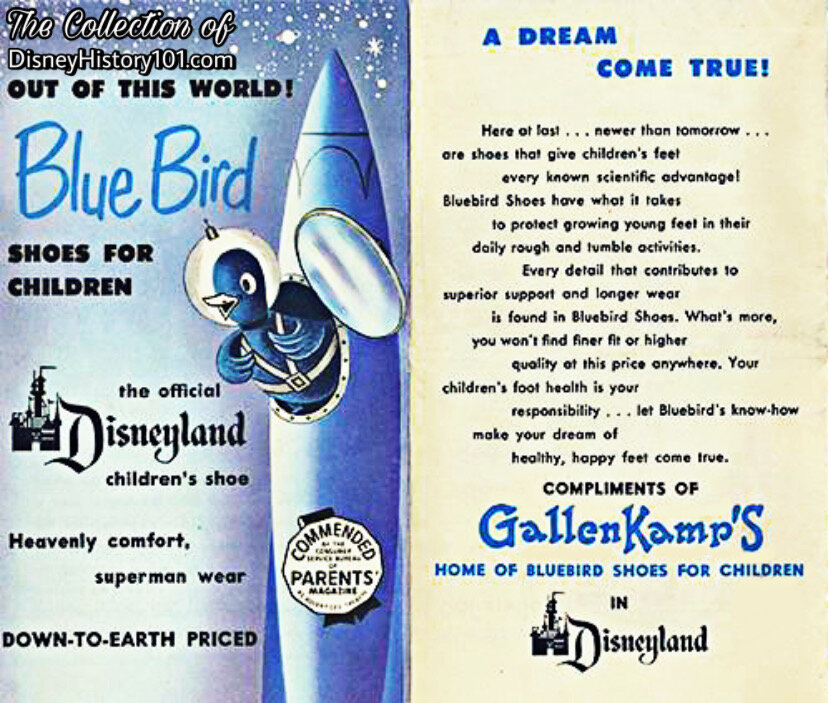
Some of the first window displays were created for the winter of 1955 when Main Street windows carried out Nursery Rhyme themes. The Shoe Store window showed “The Old Woman Who Lived in a Shoe.”
According to The Disneyland Shopper (published 1955): “Half the fun of buying Christmas Gifts is the atmosphere you shop in. You couldn't ask for more in the way of the spirit of Christmas than to shop in Disneyland. Especially along Main Street will you catch the air of the good old-fashioned Christmas with wreaths of holly, Christmas bells, carolers, snow-frosted windows gaily decorated with fairytale rhymes, and the scent of pine boughs in the air. Ringing through this Magic Kingdom are the Christmas Songs we all love to hear.”
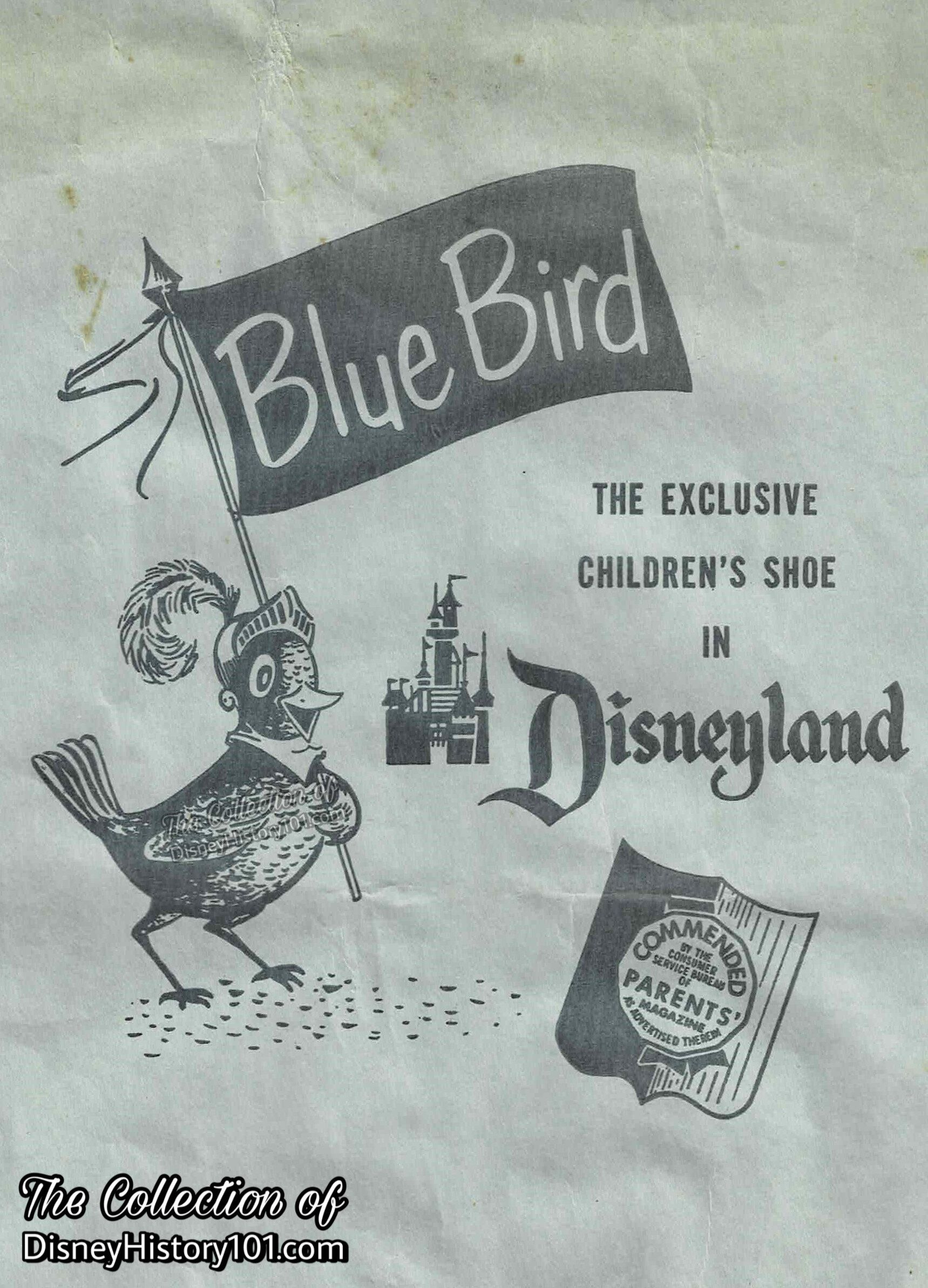
The “Disneyland 1st Anniversary Souvenir Pictorial,” encouraged visitors to “browse through stores whose shelves bulge with worlds of distinctive merchandise.” From the Swift’s Market House to the Tomorrowland Art Corner, Disneyland shops of the first fabulous decade often offered shipping for merchandise, and Gallen-Kamp merchandise could also be shipped to another address for guest’s convenience.
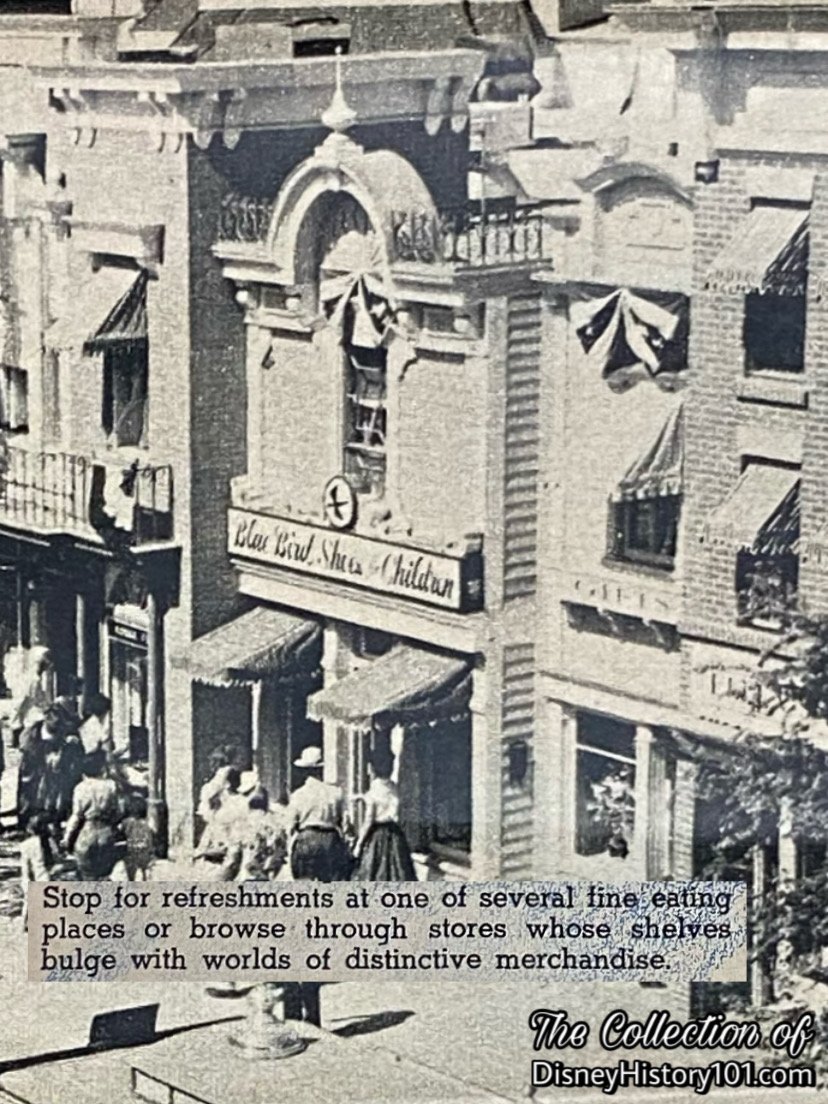
Disneyland celebrated its first year of operation with the “Disneyland 1st Anniversary Souvenir Periodical” in 1956. While many Disneyland Participants and Lessees that hosted “show exhibit demonstrations” were spotlighted in a special section, those who leased space for shops were not. However, Blue Bird Shoes for Children is prominently seen in one large photograph of Main Street featured on the second page (pictured above).
Soon the 1957 TWA brochure “Let’s Talk About… My Visit to Disneyland, Anaheim, California: A Note from Mary Gordon TWA Travel Advisor” mentioned: “We learned that to fully explore Disneyland takes two days, so early next morning we were at the gates of the park again. The second day we spent more time shopping in the 50 inviting shops, and the youngsters bought inexpensive souvenirs to take home to friends.”
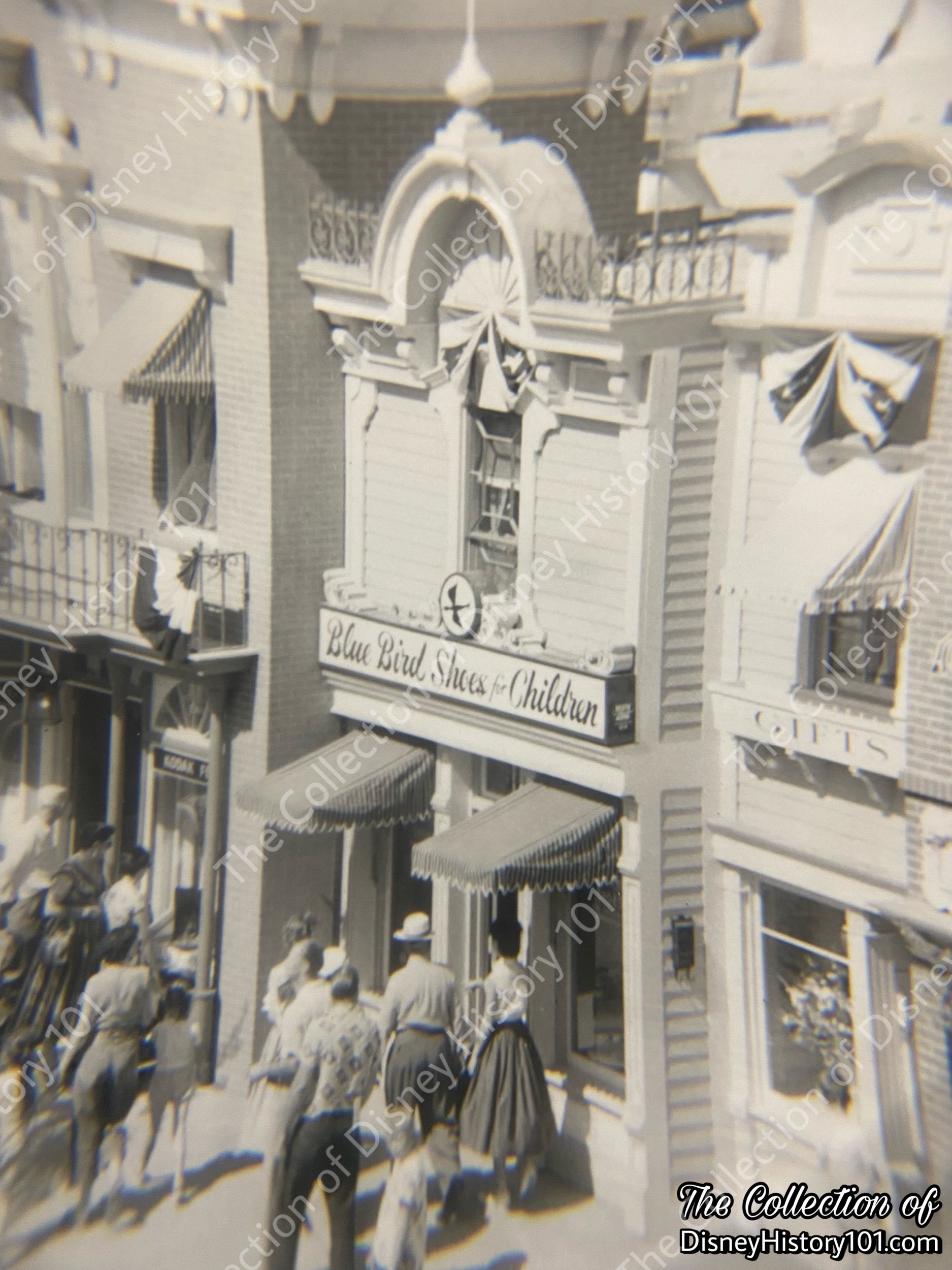
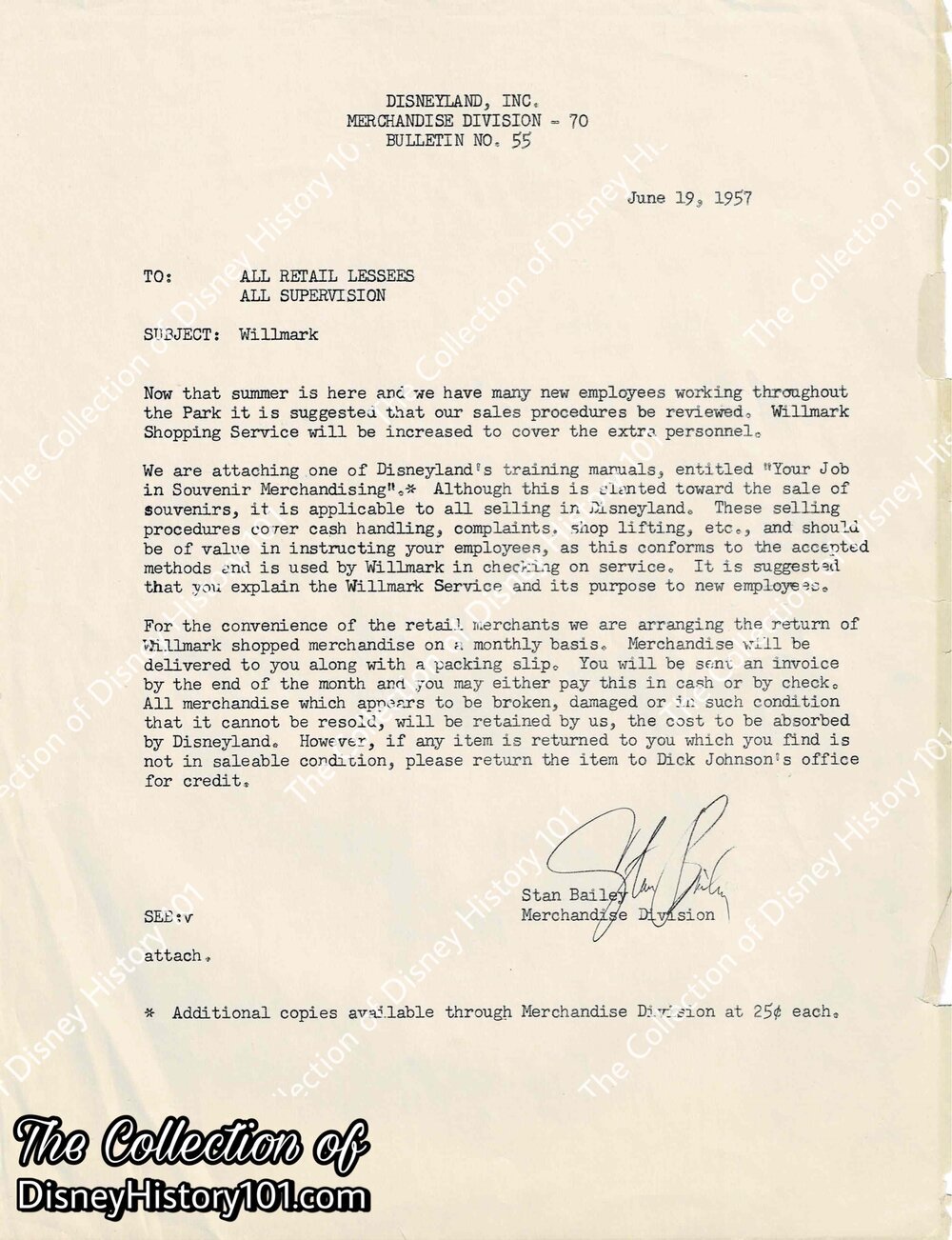
Many parents (and many children) enjoyed the thrill of purchasing shoes at Disneyland. Blue Bird Shoes for Children created tangible memories Guests through its merchandise and show. And so, Blue Bird Shoes for Children would last the longest among a first wave of apparel-related lessees to depart from Disneyland, joining the ranks of “Grandma’s Babies Infant’s Clothes & Knitwear” Shop (July, 1955 - September, 1955), the Hollywood-Maxwell Intimate Apparel Shop (July, 1955 - January, 1956), and Cole of California (1955 - 1957). While other Gallen-Kamp locations would continue to offer those “fine leather shoes,” this particular Blue Bird Shoes for Children location would close its doors on September 13, 1957.
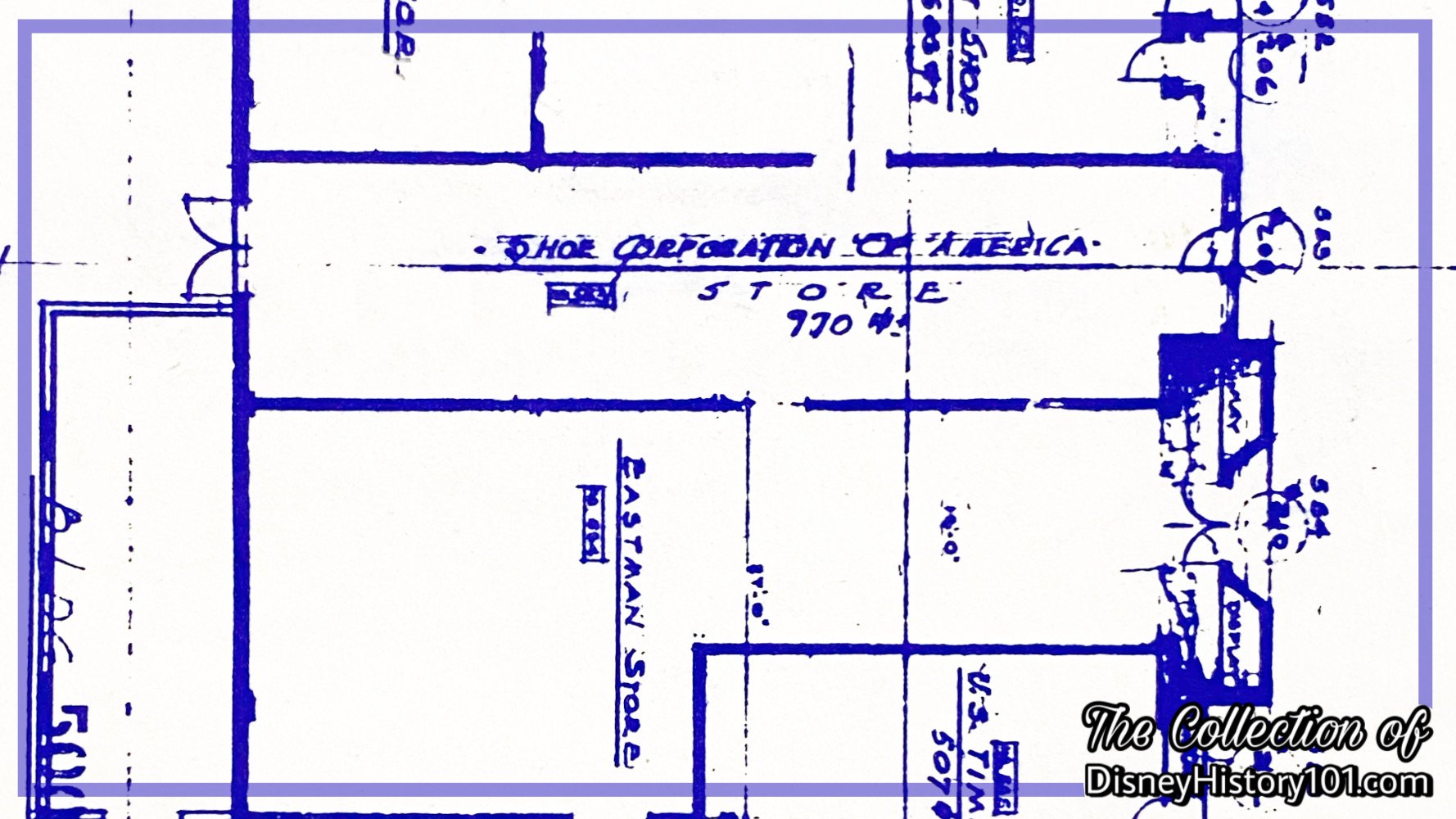
“Where Is That Bluebird?”
The location which Bluebird Shoes for Children occupied was swiftly replaced by Wonderland Music Company (until c.1959), and then consumed by Kodak Camera Center.
CAREFREE CORNER (Hospitality Corner, Card Corner & Main Street Photo Supply)
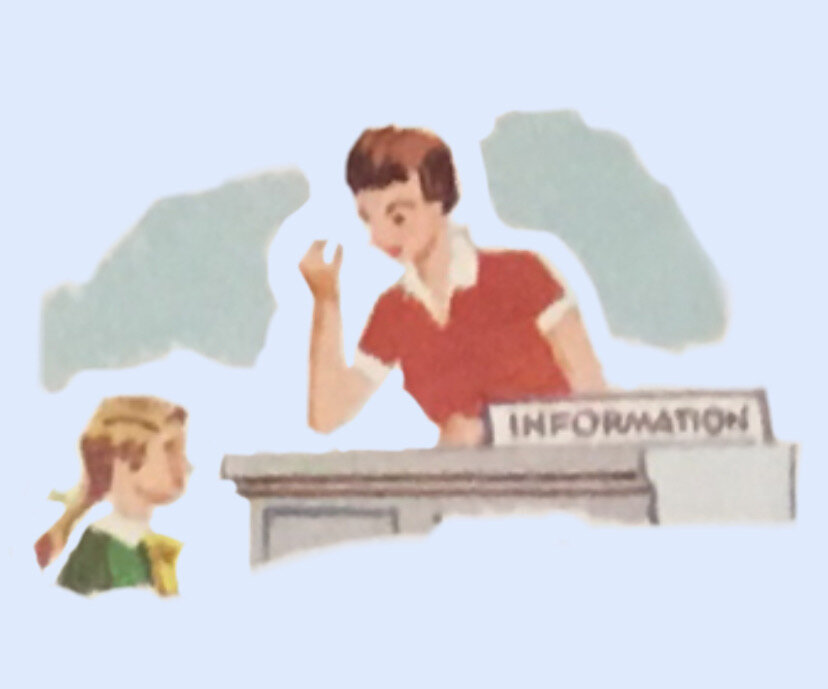
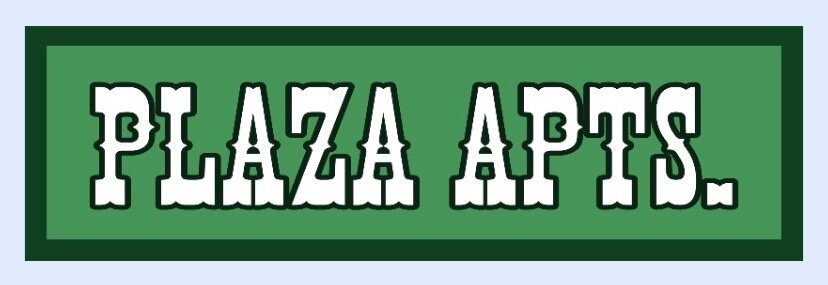
Plaza Hotel (1955)
Plaza Apts. – a Tourist Information Center and Guest Registry Center (1955 – 1956)
By July 1, 1954, George Whitney of Disneyland, Inc. directed Amusements, with Ron Miller overseeing analysis, philosophy, capacities, planning, operator training, and amusement procurement.
“Design”
“Disneyland is unique in that some of the world's foremost creative artists and architects control all design at Disneyland.“ Early thumbnail sketches and other concept artwork seemed to be unencumbered by restrictions of budget, schedule or the laws of nature and physics. Though guided by Walt, his artists appeared to engage in “free-thinking,” as if implementing the modern “Blue Sky” Imagineering process. Like some advanced “High Concept,” final designs were quickly generated and approved.
Next, architectural drawings helped define all designs, production and construction strategies, costs, schedule, and resource requirements. Models explored the various dimensional relationships, site-lines, flow patterns, ergonomics, and visual appeal to convey the desired creative intent.
“Architectural Designs by Lessees”
Disneyland, Inc. printed materials for Lessees detailing specifications for architectural designs of exhibit spaces. These were revised by March 16, 1955 and issued to Lessees.
All of the interior architectural drawings were done by competent registered architects or an approved display house of the lessee's choice. All of the designs submitted by the lessee's architect, whether for buildings or construction of interiors in DISNEYLAND, were approved as to the theme and general plan of DISNEYLAND as established by WED Enterprises, Inc.
Three sets of preliminary drawings were furnished DISNEYLAND, Inc. as soon as possible after signing of the lease. Two sets were retained by DISNEYLAND and one set was returned to the lessee’s architect with any revisions noted thereon and stamped “APPROVAL TO PROCEED TO FINAL DESIGN.” This stamp when properly signed and dated constituted the lessee’s authority to proceed with the final drawings.
The Lessees revised their final drawings to incorporate any revisions noted on the approved preliminary drawings, and submitted three sets of the revised drawings to DISNEYLAND. One set was returned to the lessee’s architect and any revisions noted thereon are to be incorporated on the original drawings. When the lessee had incorporated the final revisions on the drawings, two sets of transparent ozalids were forwarded to DISNEYLAND for approval. DISNEYLAND would stamp both sets “FINAL DESIGN APPROVED” and “LESSEE’S CONTRACT DRAWINGS”, and return one set to the lessee who could then release drawings for bid and/or construction.
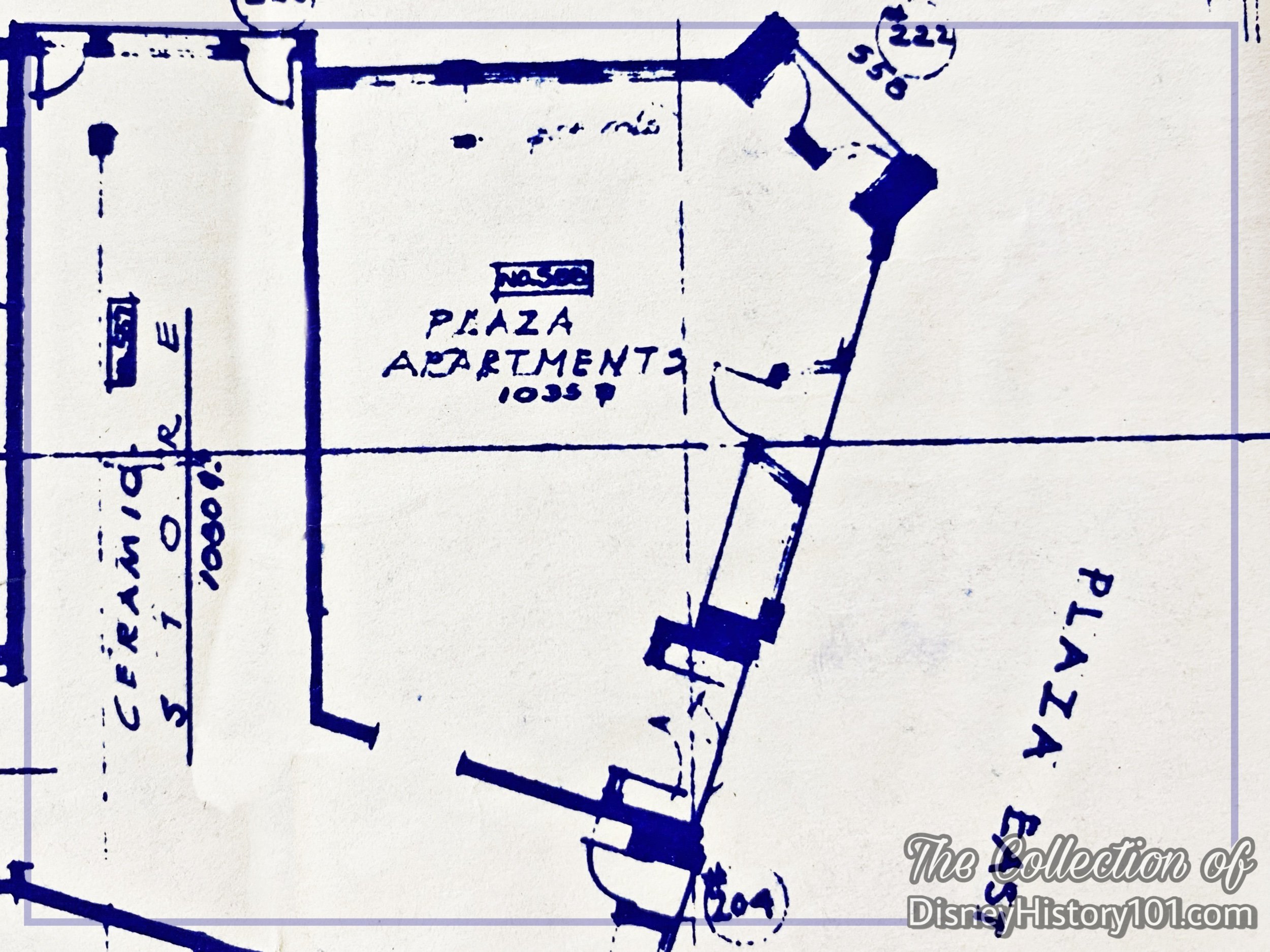
“Construction”
F. M. Franz, manager of operations for McNeil Construction expressed: "We feel sure there has never been anything built like this in Southern California, or elsewhere in the United States. Many of the items were constructed from artist’s sketches.”
Forced perspective would make the buildings on Main Street appear taller than actually are. On Main Street the buildings would not be full scale. Ground floors were built about 9/10ths scale. Second floors measured up to 7/10ths scale. The scale on the uppermost floors would be smaller still.
Many companies participated in its construction, (possibly) including ABC Roofing Company (of Westminster, California), Universal Homemakers Inc. (a drywall interior, ceiling and floor specialist from Van Nuys, California), and Arthur Pizzinat (Venetian Terrazzo and Mosaic Company, Inc.) to name but a few.
First, a concrete foundation and slab floors were prepared, followed by wood frame construction (while store units would have a combination wood and rigid steel frame).
According to inserts published in area newspapers during July of 1955, Disney buildings were roofed by Pioneer Roof & Shingle Company (then located at 608 Mateo Street, Los Angeles, California; 7522 Westminster Avenue, Westminster, California). The roof covering was a variable, dependent on the architectural design. All fixtures were placed in their correct motif and many light fixtures were authentic antiques.
The buildings (as each on Main Street U.S.A.) possessed complete fire sprinkling systems. By June 30, 1955, related Disneyland Site Work Fire Protection Utilities Plot Plans were prepared for Disneyland Inc., by J.E. Thomasson of WED Enterprises Inc.
Lastly, a 45-star flag (one of five in Disneyland) was flown atop the roof of the quaint and comfortable Plaza Hotel, in keeping with the turn-of-the-century era. Once complete, The Plaza Hotel was located on the current 500 block of Main Street U.S.A.’s East Side, near the hub of DISNEYLAND®, though the address over the door read “222” back then!
As of June 2, 1955, C.V. Wood Jr. sent an Inter-Office Memorandum to Walt Disney regarding the best estimates that could be obtained at the time regarding the status of individual sections of the Park and Opening Day. C.V. reported that the shadow gags had been ordered. Painted signs, window, curtains, and shades were projected to be completed on time. The sound equipment was be installed, with completion of the tape recordings appearing to be fairly tight. The electric signs were “in work,” and with the exception of the shoe store and the Bank of America, all would be completed.

Sometime after Disneyland’s first day of operation in 1955, the Plaza Hotel was soon converted into the Plaza Apartments, maintaining its same address (of 222). The Plaza Apartments’ doors were finally opened on the corner of Main Street and East Plaza, situated not far from Ruggles’ China Shop, and down the street from the very first incarnation of the Art Corner on East Plaza. Here, Disneyland guests were invited into a plush 1900-era foyer (from 10a.m. to 7p.m.), which efficiently served as Disneyland’s Tourist Information and Guest Registration Center.
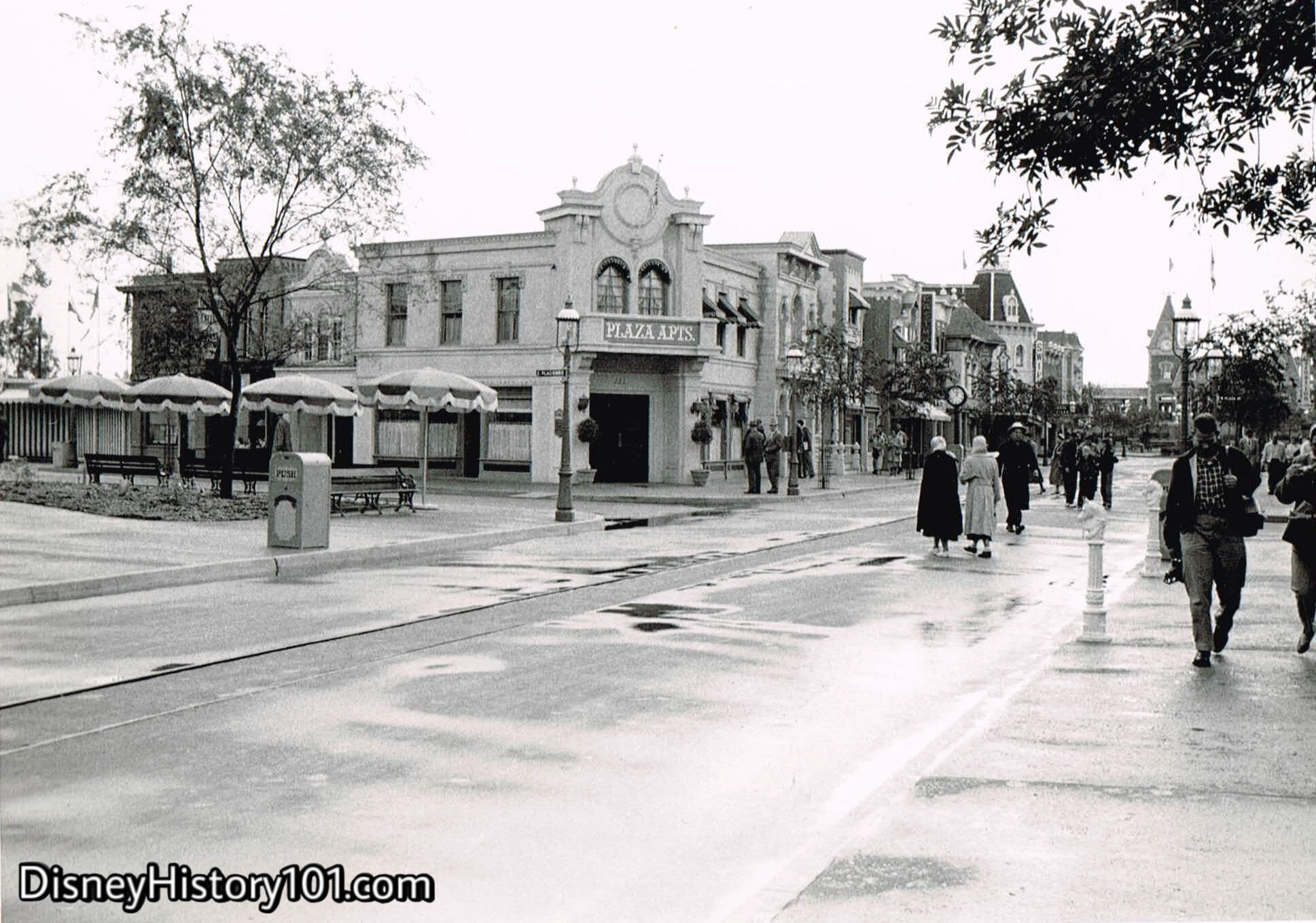
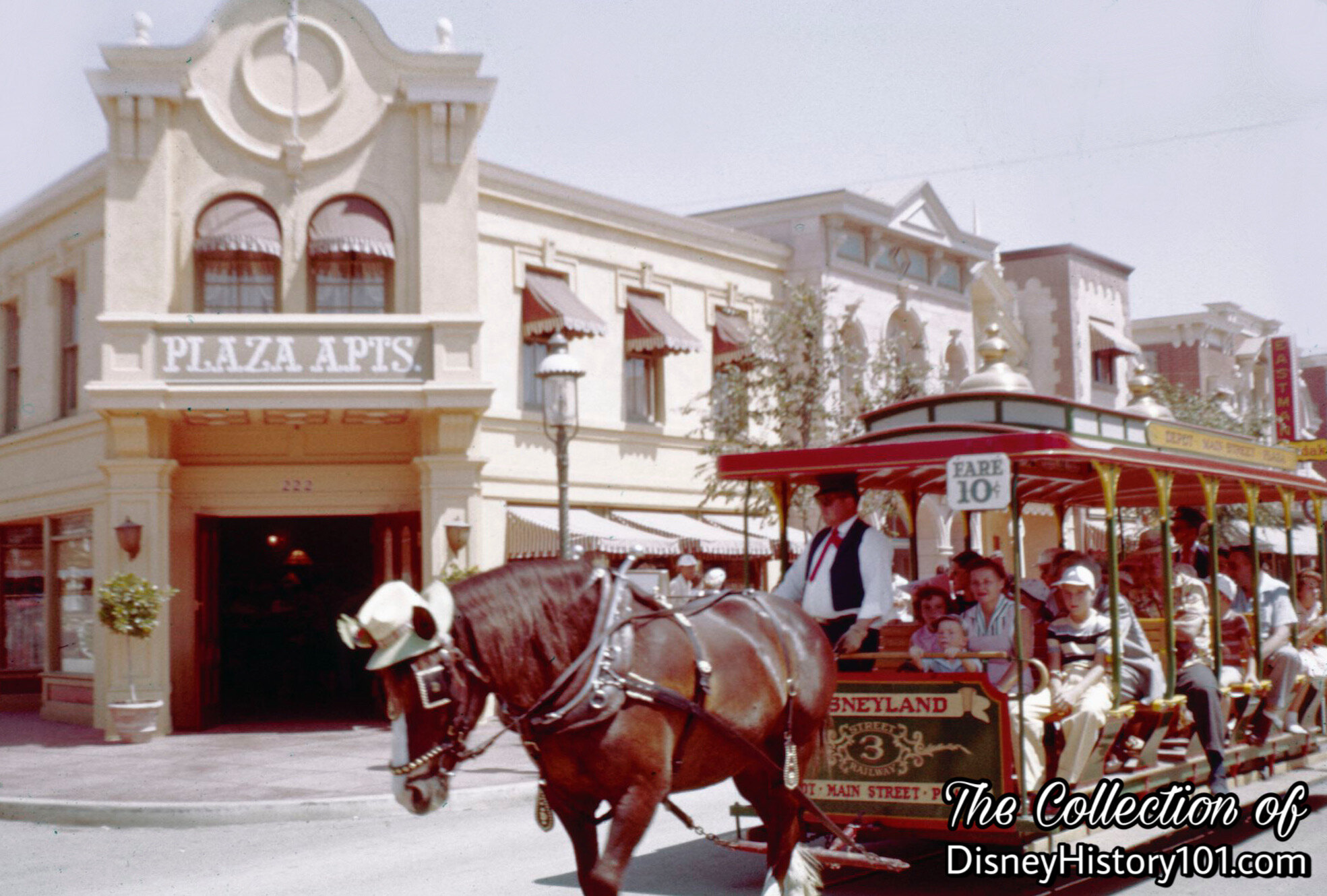
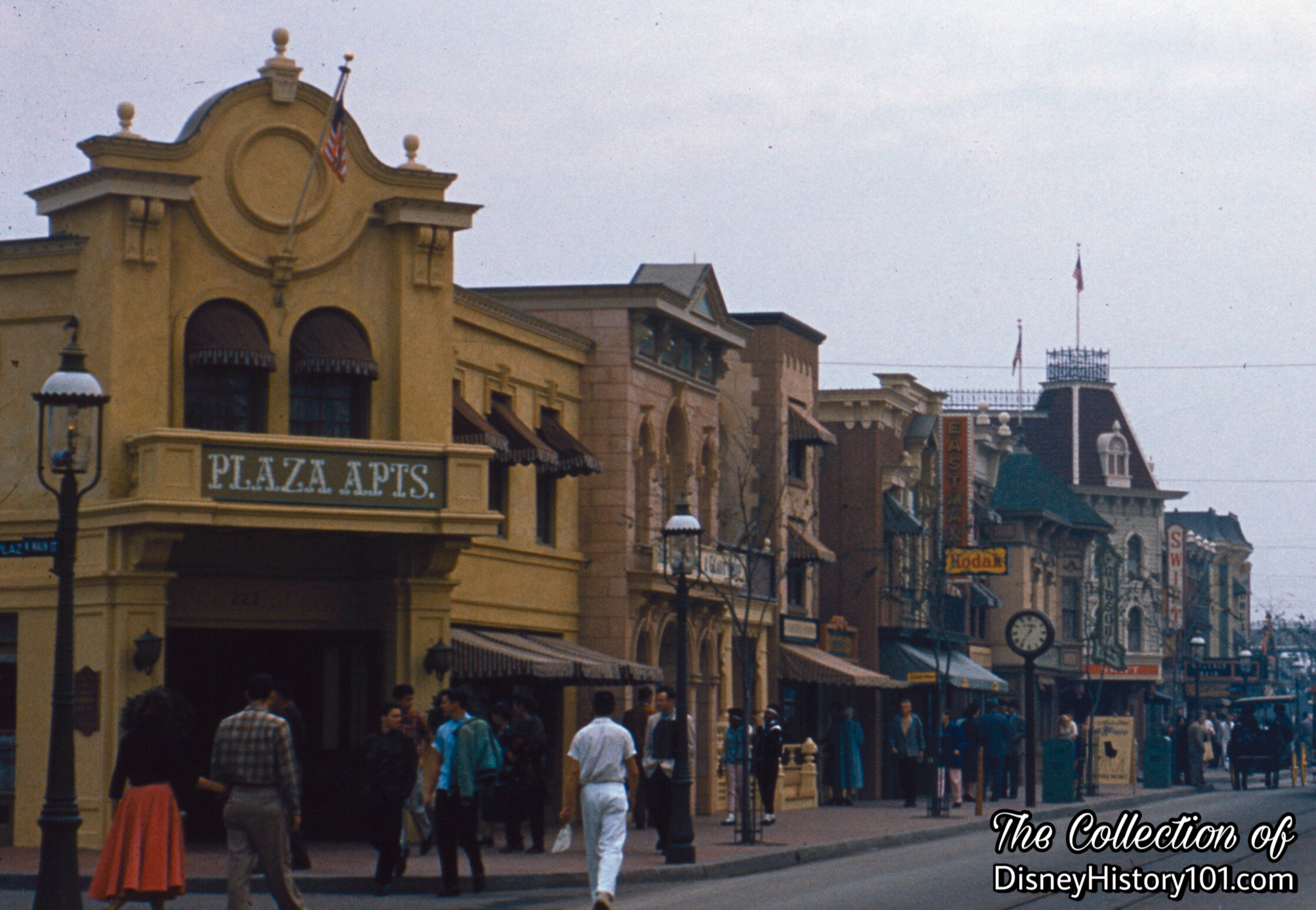
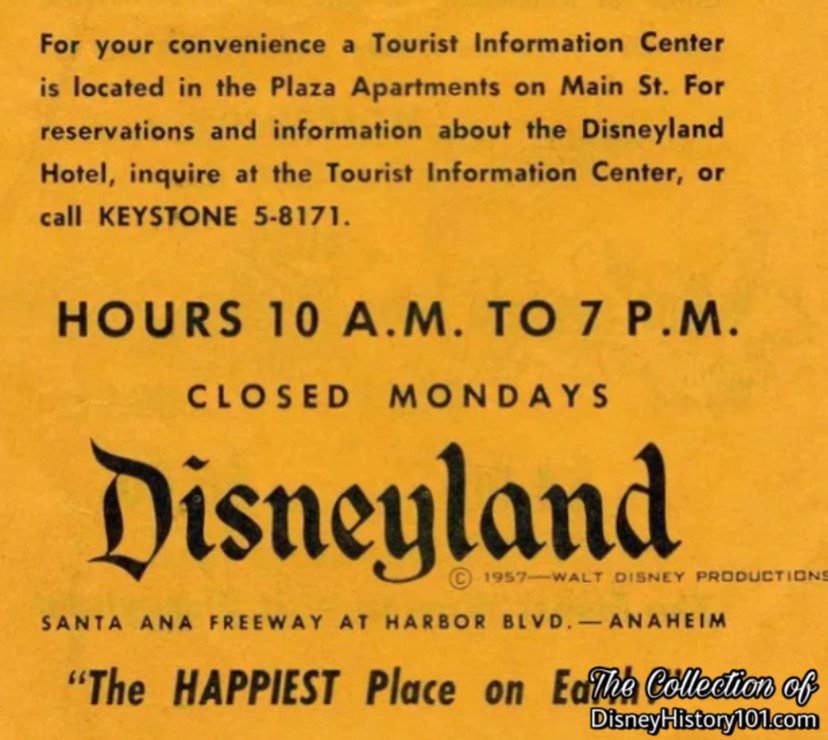
“For Your Information”
General questions about DISNEYLAND were asked, granting opportunity to assist by responding in a positive manner. For out of town visitors, the center offered both reservation and general information about the Disneyland Hotel. Information Brochures about motels and trailer parks were also available here.
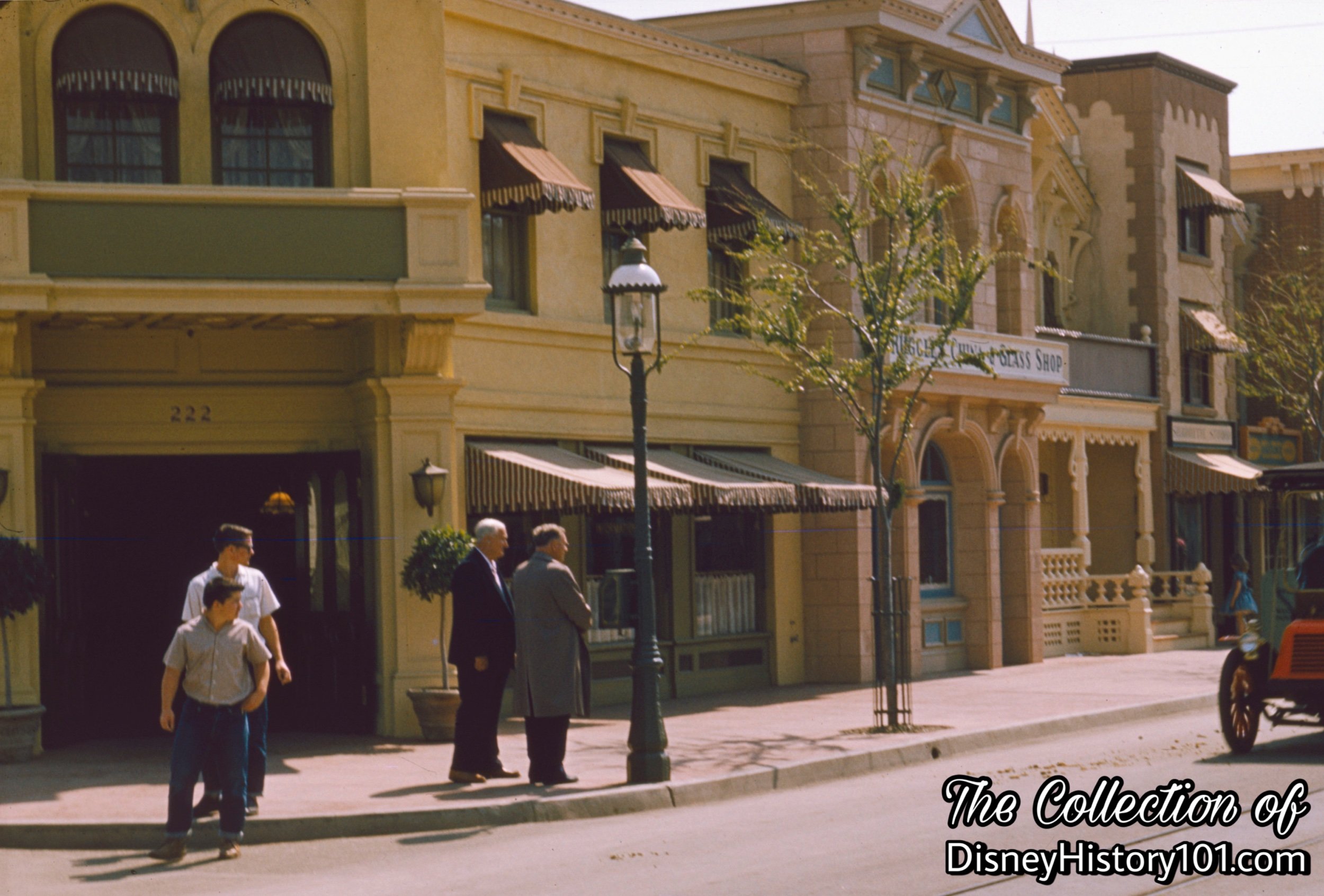
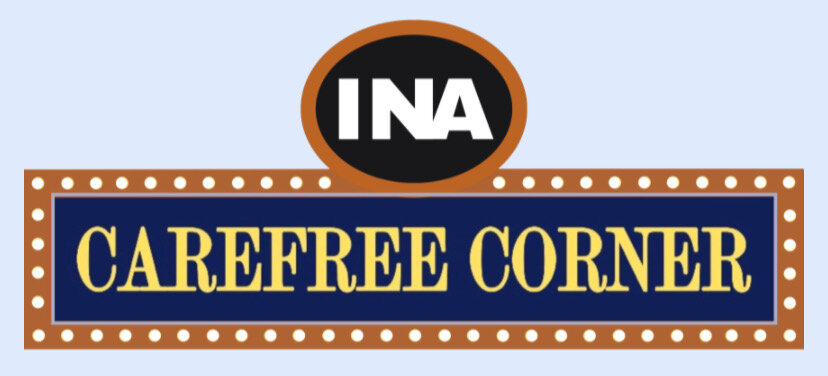
Since 1954, Walt was searching for participants to lease shop and restaurant spaces at Disneyland, and help generate the necessary capital to fund construction of Disneyland. By July 1, 1954, Russel Tippett of Disneyland Inc. Advertising oversaw Exhibitor’s Space Sales and Lease Agreements.
Disney formed contractual relationships to a group of companies called “Participants” who agreed to sponsor various attractions and facilities in the Park in return for specific rights and privileges. In a synergistic relationship, the companies (in turn) could sell their products and advertise their corporate names in the Park. Disneyland Participant Corporate Sponsors were carefully selected. High quality, long term corporate sponsors would provide incremental income that enabled Disneyland to enhance its show and attractions, offset some operating expenses, and capitalize on marketing opportunities.
Soon, “a cross-section of American industry…[was] represented in Disneyland. Each of these companies… [would expose] its institutional advertising and public relations message to Disneyland guests through various forms of participating exhibits and displays. In each case, the exhibit… [was be] related to the theme of the ‘land’ in which it is located, and is woven into the overall concepts and themes of Disneyland,” according to “Disneyland, U.S.A.”, published 1958. Many free exhibits of Main Street U.S.A. were sponsored by one of the United States’ “old reliable firms, which have been in business fifty years or more. Here they can show how they started and reproduce their first place of business.” [Disneyland Prospectus, 1954]
In turn, Disneyland, Inc. received income. For example, in 1958, Bank of America appraisers figured of the total income received from leases, 16.02% was derived from the selling of advertising rights and 40.12% from the leasing of space to concerns whose main reason for occupancy is for advertising purposes. The remaining 43.86% of the lease income was derived from stores that sell various products and food.
By 1956, this Plaza Apartments free Disneyland exhibit gained a sponsor - Insurance Company of North America (or, INA) and a new name - the Carefree Corner (though the location’s sign would still temporarily read Plaza Apartments). At Disneyland, each Guest needs to be assured that you CARE! The Insurance Company of North America (or, INA), and its affiliate PEG (Pacific Employers Group) were proper sponsors for Main Street U.S.A., as the parent company had been providing proper business, home, car, life, and health insurance for quite a time (by 1967, they were celebrating their 175th anniversary). For now, the “Care Free Corner” (and the 945 square-foot space) fit well with INA’s current advertising slogan - “For a more care-free life at all times, be sure you and your family have the proper insurance protection.”
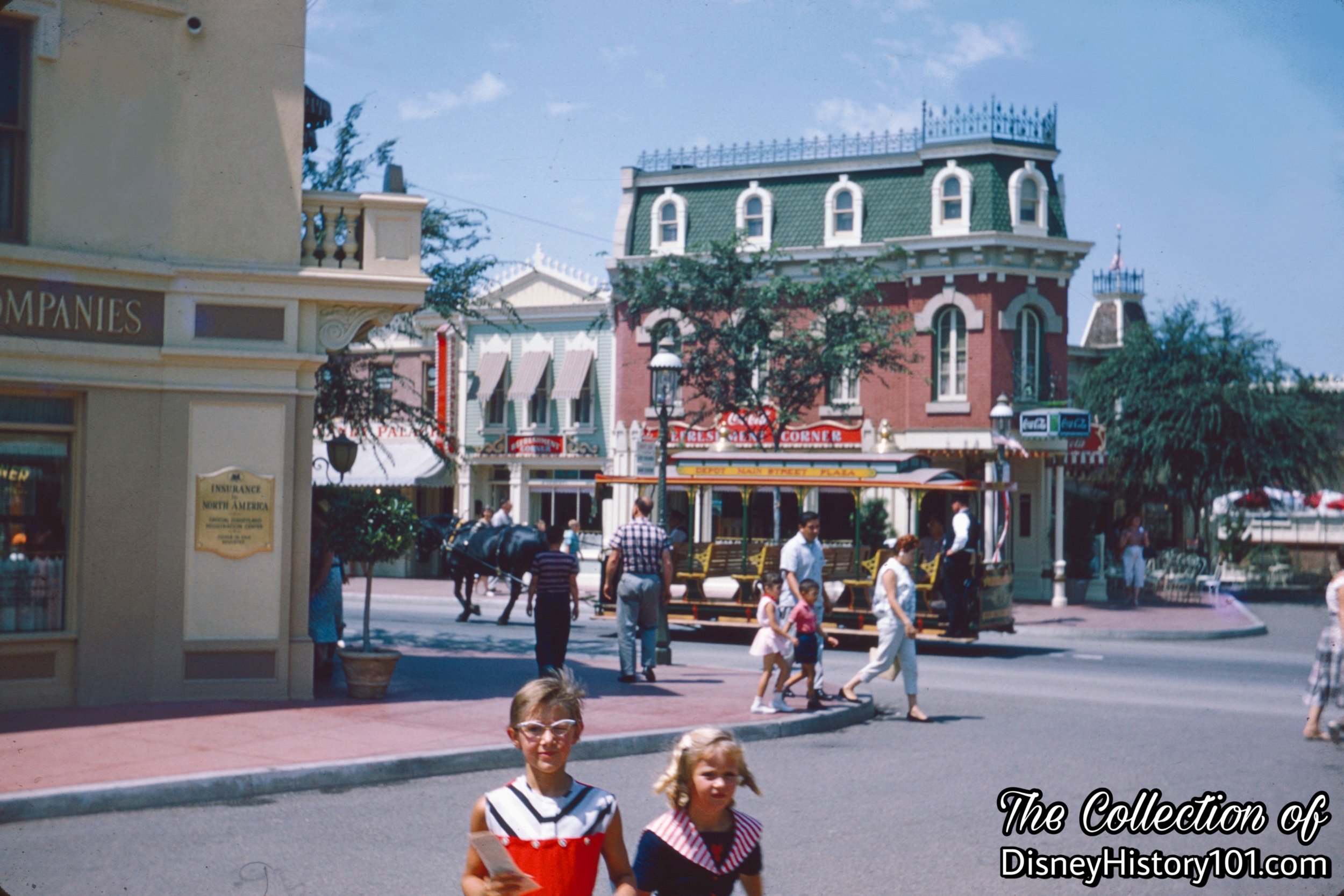
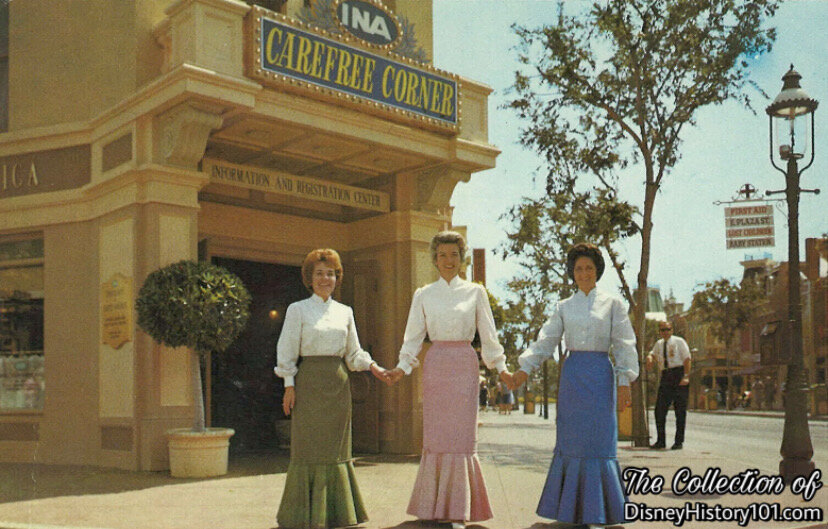
“Service à la Disneyland”
Here, an increasing number of visitors would stop by the Carefree Corner, official information center maintained by INA-Insurance Company of North America - and its 20,000 local agents and brokers in the United States and Canada. Carefree Corner administered information for Disneyland, travel reservation Information for surrounding area, Bus and Helicopter schedules, and motel and trailer park information.
More than that, Hostesses created tangible, delicious memories Guests through its merchandise and show. They handed out information books at the entrance and through the doors, guests could “rest a spell” on the round, velvet banquette, while waiting their turn to approach the registry desk and sign the leather-bound Disneyland Guest Register. Beginning in 1959, the Disneyland Guest Book highlighted the 50 states and numerous international locales. By October of 1959, free copies of the Declaration of Independence were available on request.
Actress Spring Byington (of “December Bride) and child actor Bobby Diamond (of “Fury”) were photographed registering (Spring, for Colorado and Bobby, for California) for their 1956 “TV Radio Mirror” photoshoot at Disneyland. At least some members of the “National Association of Amusement Parks, Pools, and Beaches” likely visited the INA Carefree Corner during their tour of Disneyland, from September 18-20 (Tuesday through Thursday), of 1956 (one of whom was the President, George F. Schott, who once served as advisor of Disneyland planning, construction, and operation). According to the Official Guide to Disneyland (published 1956), “more than 800,000 people have signed the Disneyland Guest Register…giving their home towns and addresses.” By the following year, “A Complete Guide To Disneyland” (published 1957) states that “more than 900,000 people have signed the Disneyland Guest Register, located at the Plaza Apartments on Main Street, giving their home towns and addresses.” The latter source continues : “40% of all Disneyland visitors are from out of state, including visitors from 63 foreign countries.” Soon, Donna Rochelle of the Carefree Corner reported to Vacationland magazine, that the “guest registry books now include names of people from every state and more than 100 foreign nations.”
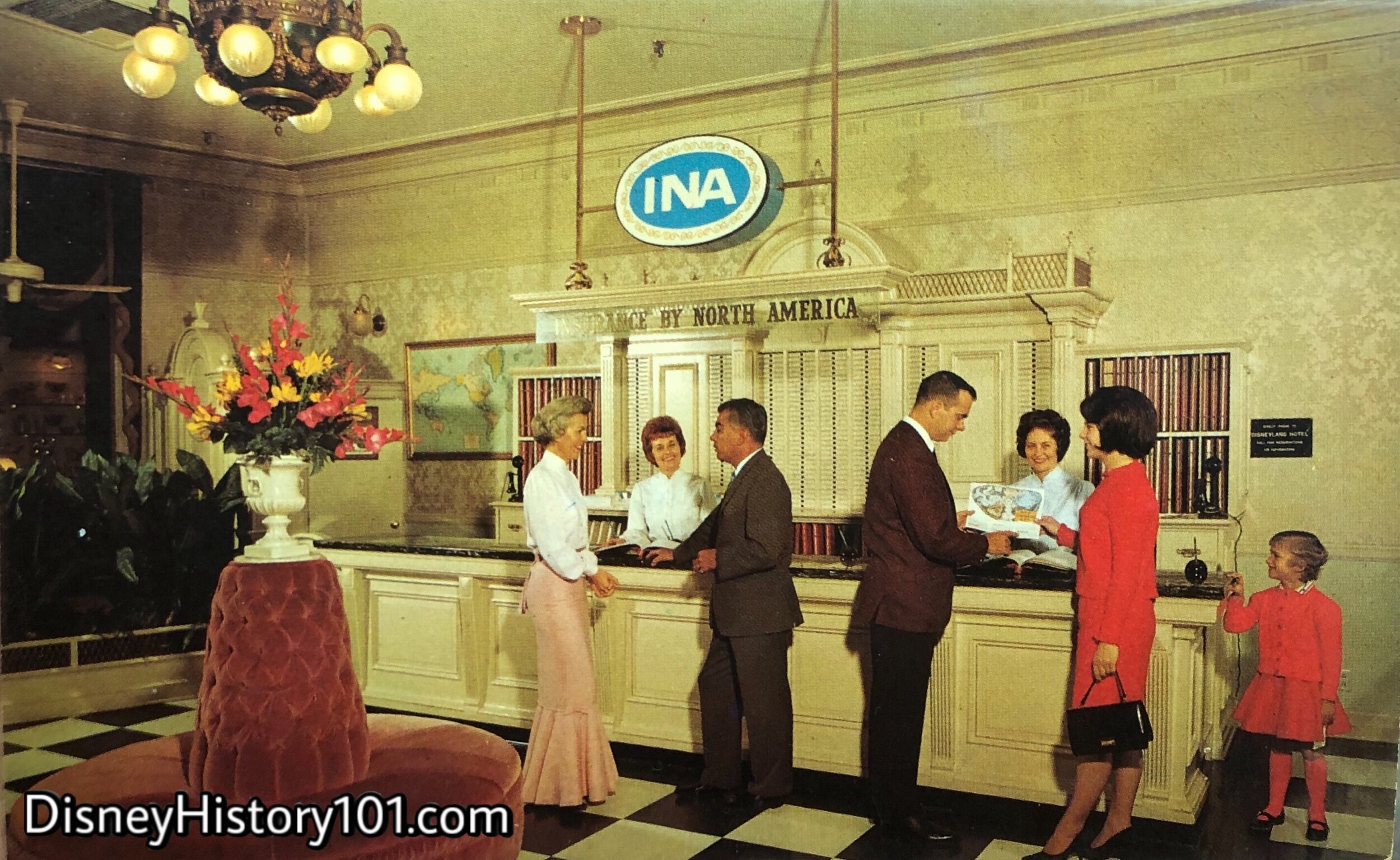
Each Guest is regarded as a VIP: a Very Important Person. Early Disneyland Cast Members represented all of Disneyland, and promoted goodwill between Disney and the VIPs. As seen in the previous Postcard images, lovely Hostesses maintained the INA Carefree Corner at Disneyland! These hostesses offered friendly service, which included a souvenir gift (an information booklet, also available at the Main Entrance), directions to Disneyland attractions, and travel and reservation assistance. The INA Hostesses would even help guests plan their Disneyland visit, supply road maps, provide hotel-motel information, and give directions to other Southern California attractions or cities of interest. “The insurance companies of North America have provided travel information for your convenience and brochures from California, Nevada, and Arizona ; maps of many parts of the West ; and bus, helicopter, airline and train schedules.” You may personally recall taking home an INA (Insurance Company of North America) pamphlet from one of the displays. Of course, the INA Carefree Corner’s most memorable brochure was “Your Guide to Disneyland,” provided as “a free service” by INA. The guide featured maps of each land, and showed the location of Disneyland’s free shows & exhibits, shops and stores, services, refreshments, telephones, restrooms, ticket booths, and information and assistance facilities. Also listed, were the current attractions (with brief descriptions), as well as their price of admission and corresponding “letter” of Disneyland coupon. Disneyland Cast Members have always been well aware of general information regarding restaurants, shows, parades, events, and directions, and (aside from the Guides) the INA hostesses were “the creme of the crop” in this regard! For guests who had not arrived yet, the Tourist Information Center and Guest Registry Center could also be reached via phone (by calling KEYSTONE 5-8171).
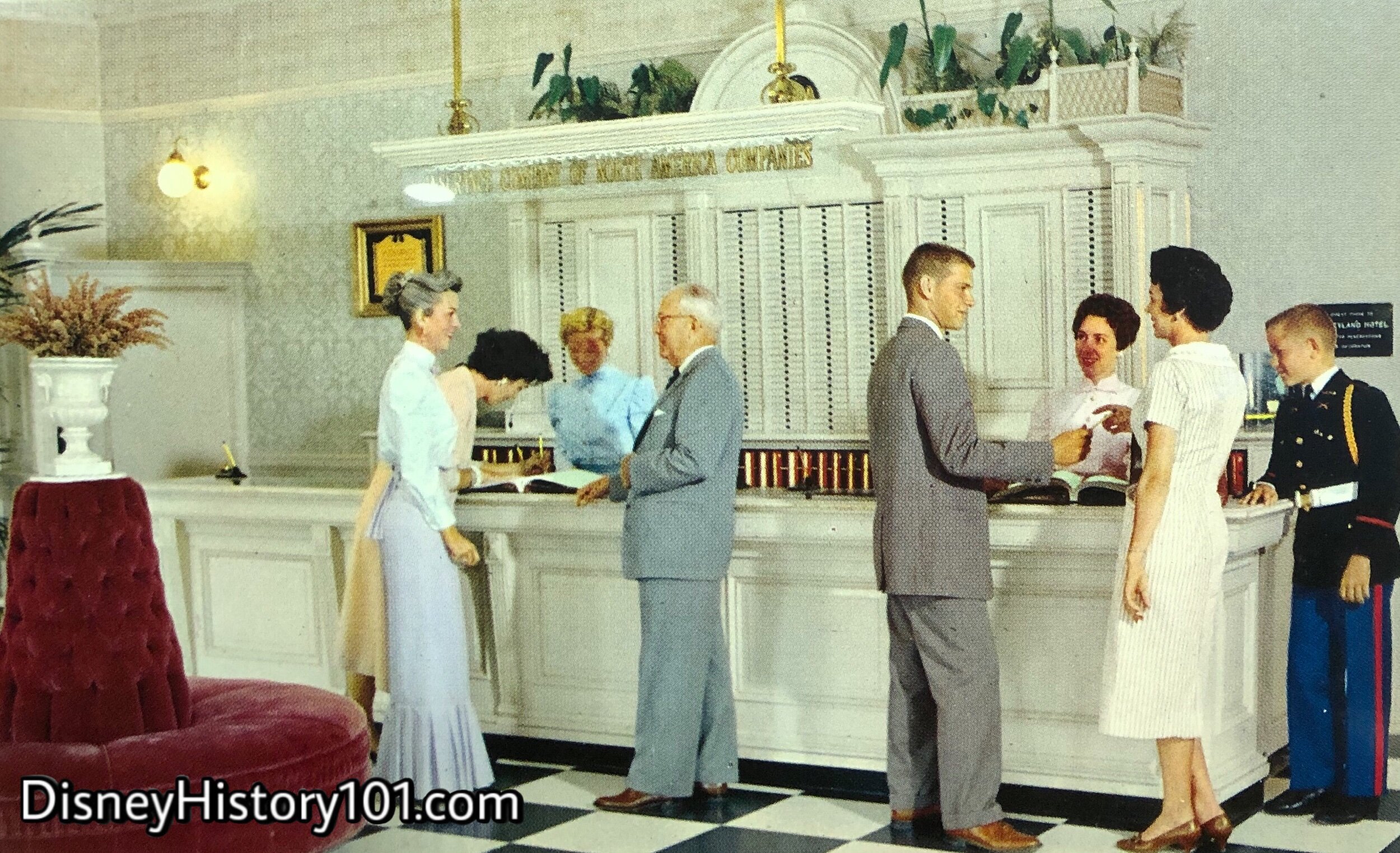
During 1957, an INA advertising campaign included a series of photographs featuring families enjoying the magic of happiness while exploring various attractions of Disneyland - including Spacemen, the Mark Twain Steamboat, and the most iconic Sleeping Beauty Castle. The campaign relied on the peace of mind or happiness experienced at Disneyland to promote various package policies available through INA. Promotional contests were also run in coordination with the Tomorrowland Art Corner, awarding free Disneyland “originals” (production cels and drawings) to winners selected at random.
By January 1, 1958, the 945 square-foot shop space in Main Street Building #500 was still occupied by the Insurance Company of North America. Finally (by 1958), the location was given its official name in print for perhaps the first time - the Carefree Corner, within the Official Guide to Disneyland (published 1958)! The corporate synergy was good for a time. Institutional lessee North America Companies yielded some revenue for Disneyland Inc. - $22,534 for the fiscal year ending September 29, 1957 and $22,708 for the fiscal year ending September 28, 1958.

Owning to Jack Sayers (of Lessee Relations), the Carefree Corner (and INA) would soon be included in a list of Disneyland Participants which sponsored “Disneyland’s second opening” - “Disneyland ‘59!”
By October of 1959, the company was (1) of over sixty-eight other firms playing a vital part in the team effort to bring happiness to Disneyland’s Guests. Some were small, specialized individual operators; some were huge companies such as Swift & Co. - the Bank of America - United Paramount Theaters (which you hear as UPT) - Carnation - Richfield - General Dynamics - Crane - and many others. These companies used the park to publicize their wares, leased space in the Park to sell their wares, and Disneyland collected advertising fees from them.
By 1959, of the total income received by Disneyland, Inc. from leases, 16.02% was derived from the selling of advertising rights and 40.12% from the leasing of space to concerns whose main reason for occupancy is for advertising purposes. The remaining 43.86% of the lease income was derived from stores that sold various products and food.
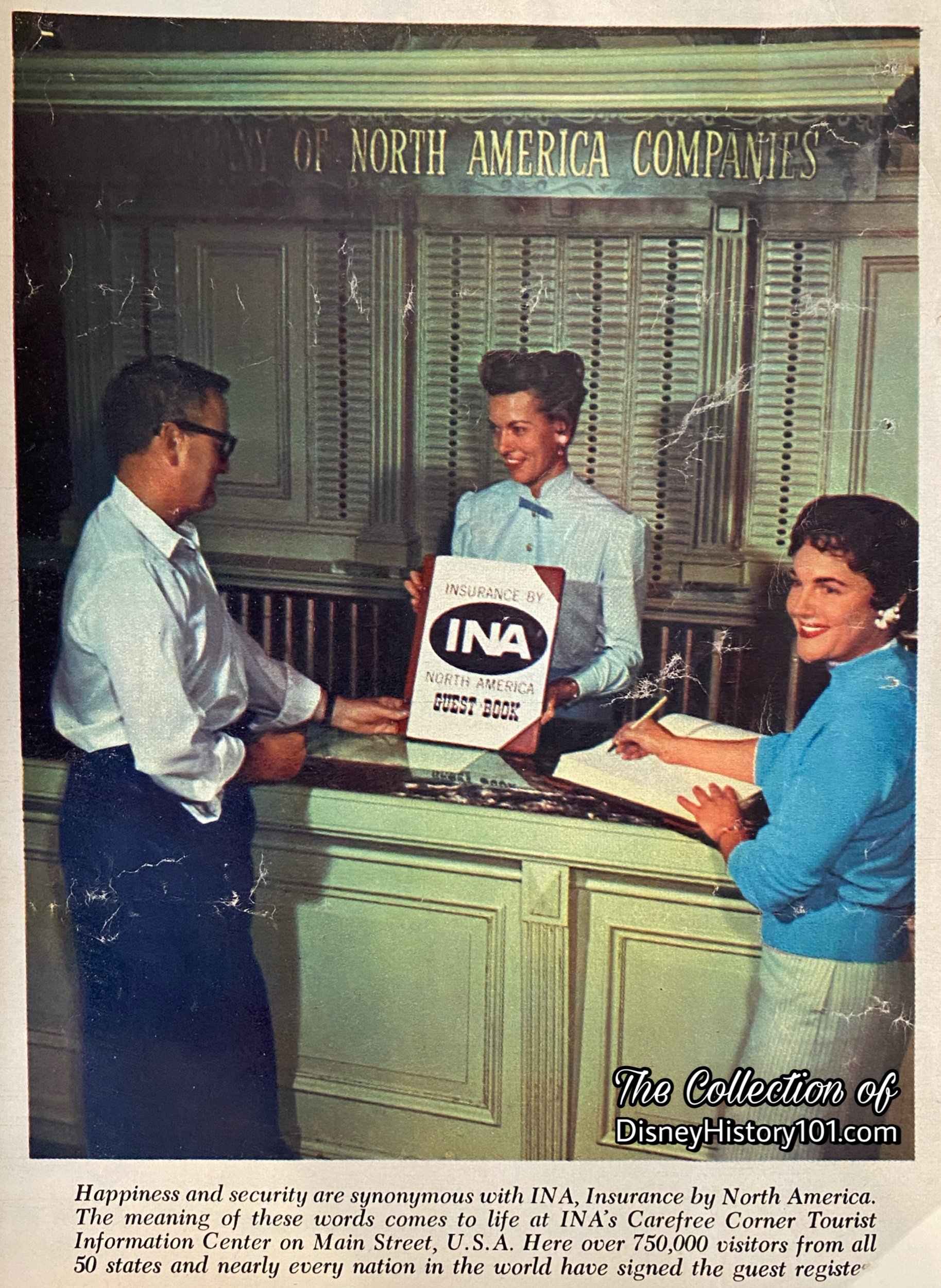
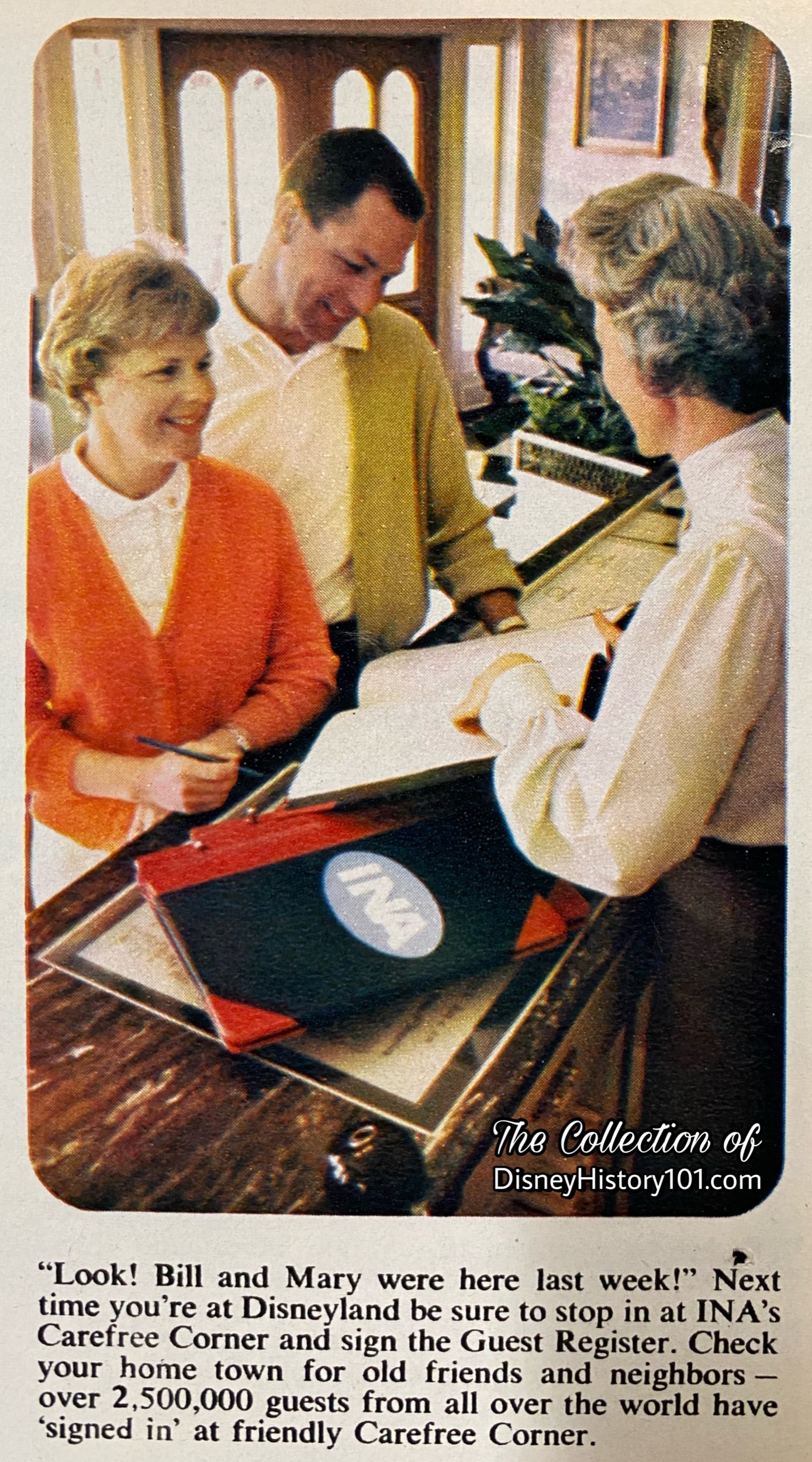
The Guided Tour Script of 1962 highlighted the Carefree Corner “sidelight” to groups along the tour this way : “There are many interesting and unusual shops along Main Street I’m sure you’ll want to visit later. You might also like to stop by Carefree Corner, the official information and registration center here in the park. They have a registration book from each of the 50 states. They will be happy to present you with a souvenir copy of the Declaration of Independence.” By 1964, “Disneyland’s official Registration Center, presented by the Insurance Company of North America” offered “every guest…a copy of the United States Bill of Rights,” according to Vacationland magazine (published for Winter/Spring of 1965).
During 1965, the “Tencennial Newsletter” reported on the INA Guide to Disneyland published for Park guests:
“‘Your Guide to Disneyland,’ a 32-page booklet covering all aspects of the Magic Kingdom, is now being presented free to all Park visitors. Sponsored as a service to Disneyland guests by the Insurance Company of North America, 375,000 copies of ‘Your Guide to Disneyland’ were printed for distribution from October to January, 1966. The pocket-sized booklet features a photograph and welcoming message from Walt Disney on the cover. Highlights of the guidebook include information on shops, exhibits and restaurants in Disneyland, individual maps of each ‘land’ and a listing and explanation of each of the 50 attractions and adventures in the Park. Also included are sections of ticket books, the Guided Tour and future developments for the Magic Kingdom. A copy of the guidebook is given to each group that purchases any form of admission media. Due to the souvenir value of the publication, Disneyland officials estimate that exposure to the booklet's Park information and INA's institutional message on the inside front, and outside back, cover will exceed six million people annually.”

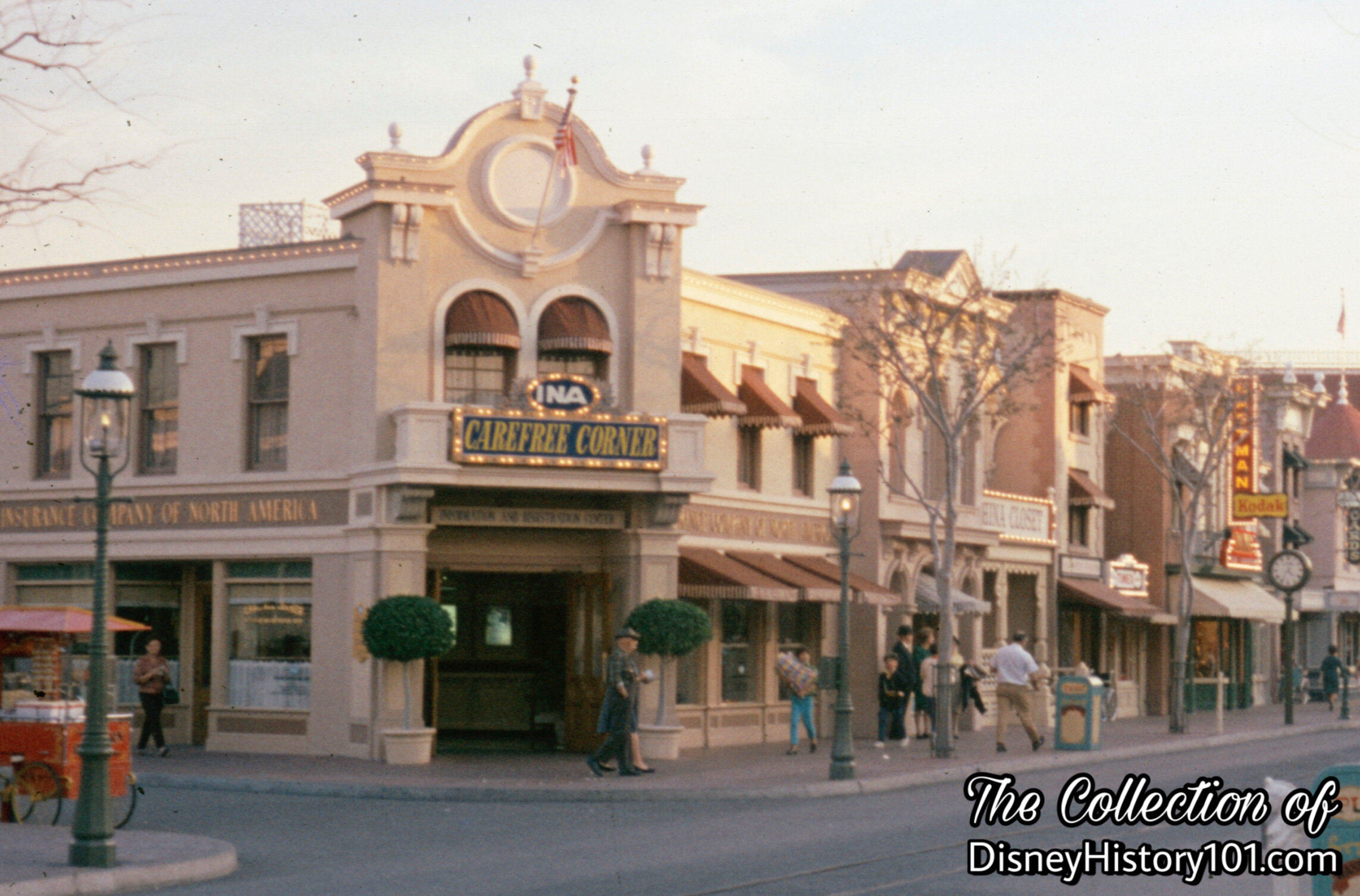
The Carefree Corner name would remain intact for 16 years, and during this time, guests could visit the free exhibit and pick up their complimentary copy of the Declaration of Independence, before leaving Disneyland. Employees of the mid-1970s may recollect that INA held their offices Backstage near the Pony Farm. INA - Insurance Company of North America and a few of its 20,000 local agents maintained the Carefree Corner at this time!
Alas, Disneyland Participant Affairs and Participant INA could not negotiate a new cooperative agreement to maintain their ongoing relationship. While, INA’s sponsorship of Carefree Corner ended in 1974, the purpose of the Carefree Corner remained the same for some time! INA would go on to briefly sponsor another exhibit, from their offices in a certain apartment overlooking New Orleans Square.
By 1974, Disneyland Guest Relations (most of them, Disneyland Tour Guides and Hostesses) began to staff the facility, continuing to “maintain the registry and still answer the millions of guest’s questions,” according to Disneyland LINE (Vol.18, No.14 ; April 3, 1986). Three years later (during 1977), Travelers Insurance Company took over INA’s account with Disneyland, offering new policies and benefits to Disneyland Cast Members. Though many positive changes had been made, the presence of long-time Disneyland Participant Insurance Company of North America would be missed. As for the Carefree Corner, the location continued to serve a similar function for 11 more years, but operating under the name of Hospitality Center (from 1974 to the Spring of 1985).
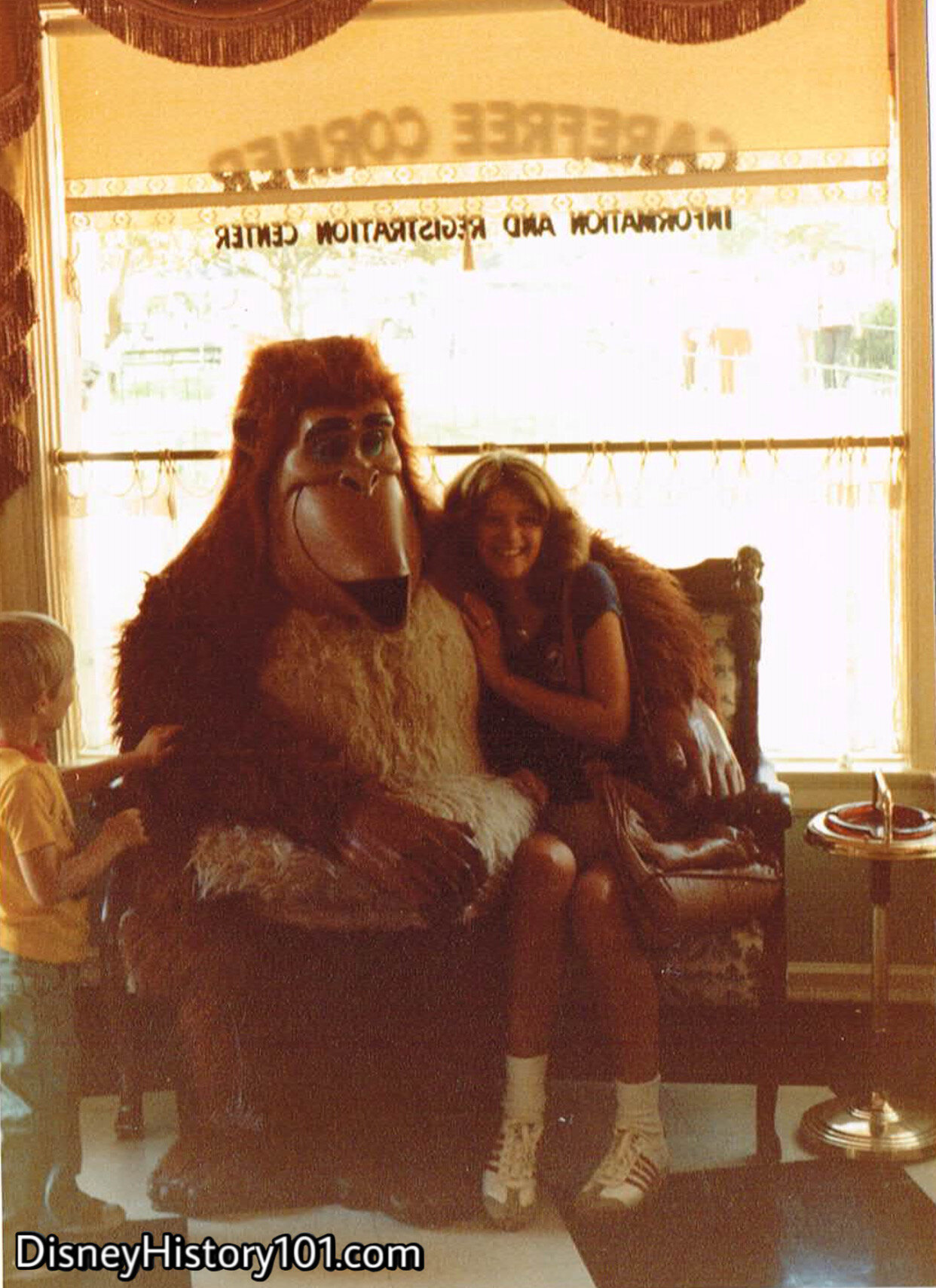
The Carefree Corner occasionally served a station where Disneyland guests could meet and greet their favorite Disney Characters. Here, a guest rests on a settee with King Louie, in the foyer of the Carefree Corner.

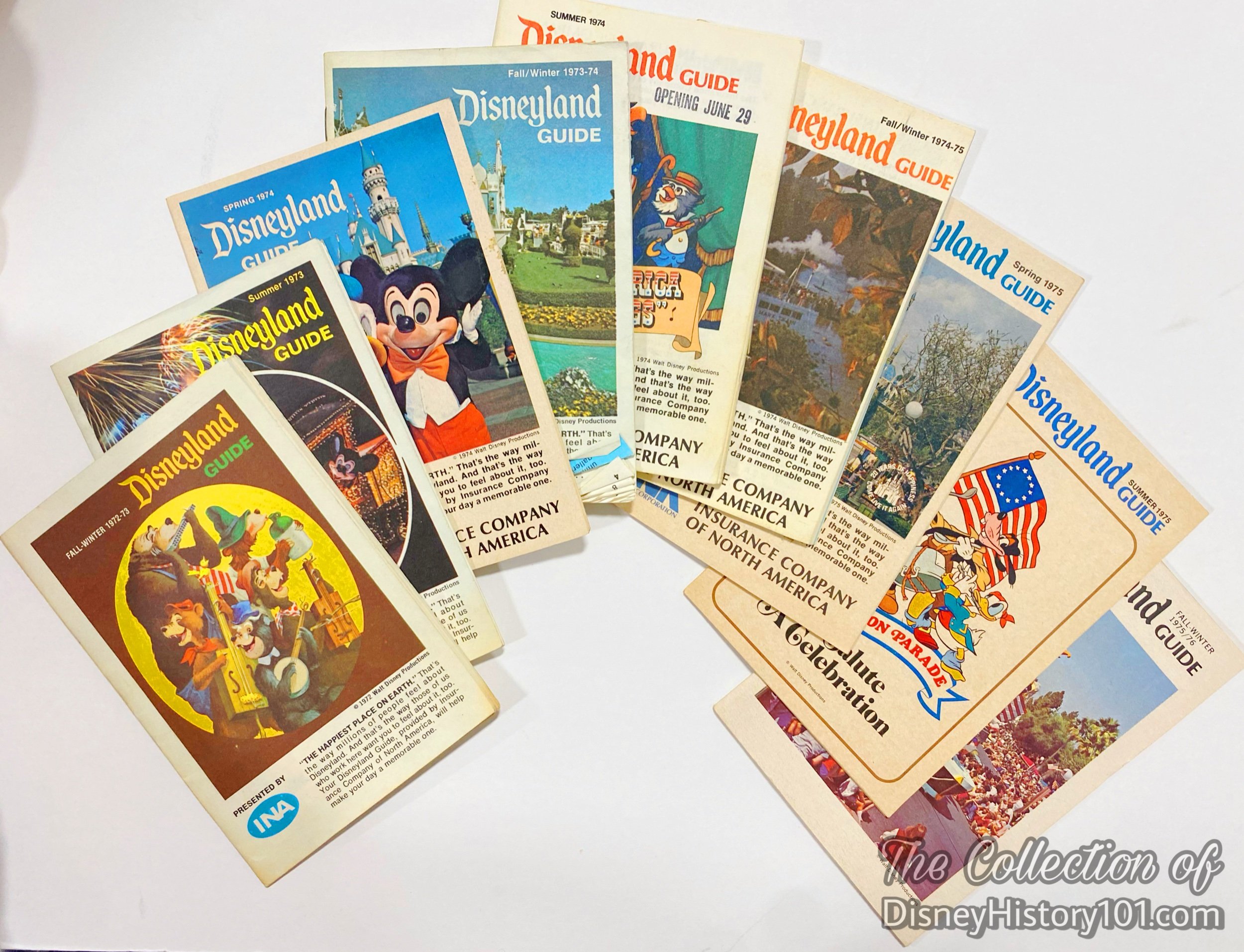
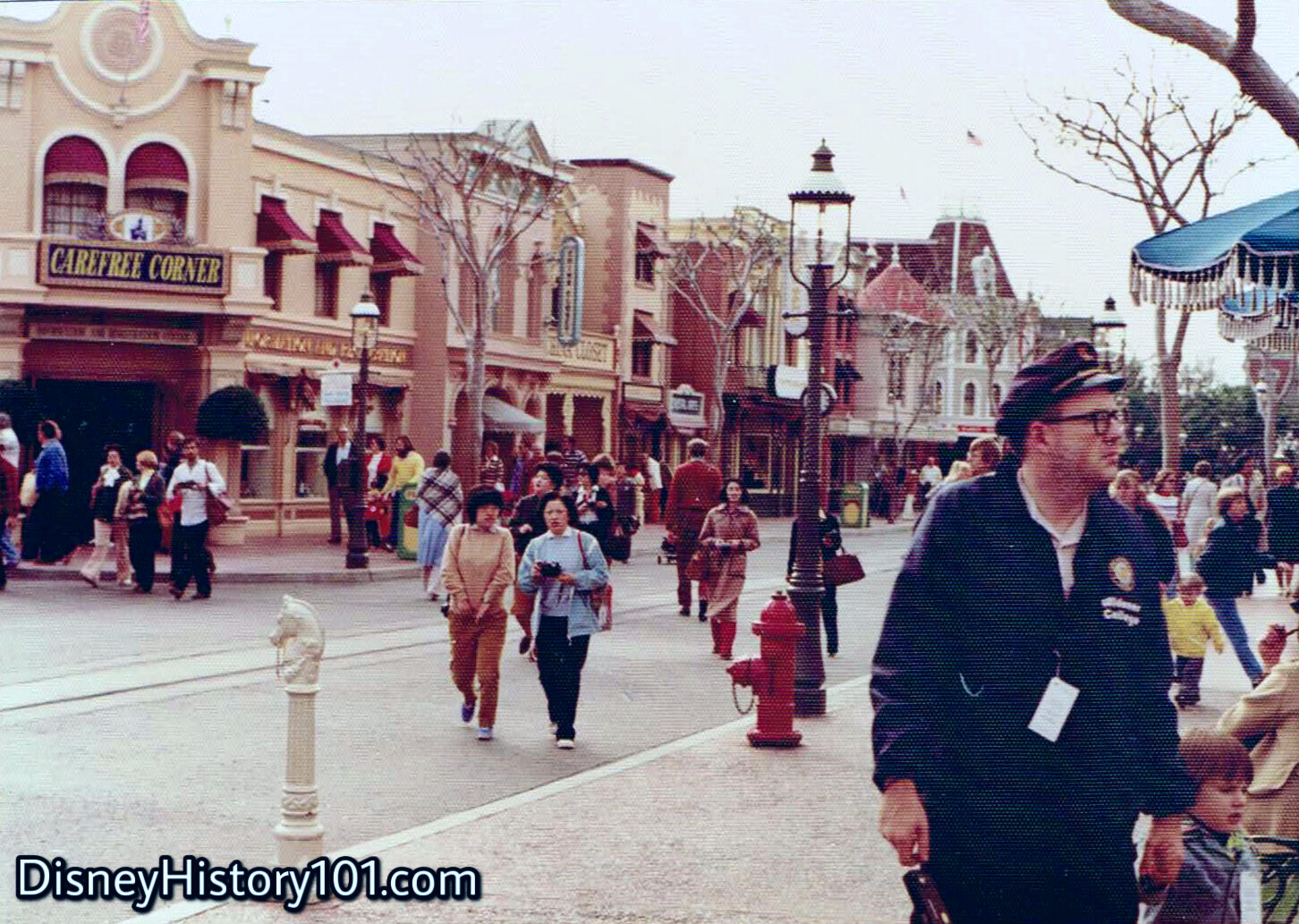
Three years later (during 1977), Travelers Insurance Company took over INA’s account with Disneyland, offering new policies and benefits to Disneyland Cast Members. Though many positive changes had been made, the presence of long-time Disneyland Participant Insurance Company of North America would be missed. In the background, note the Sleeping Beauty Castle emblem (which represents Disneyland) in the place of the former INA logo over the doors. As for the Carefree Corner, the location continued to serve a similar function for 11 more years, but operating under the name of Hospitality Center and Disneyland Information and Registration Center (from 1974 to the Spring of 1985). The reason was that (in 1974) INA had moved into a particular Royal Street address overlooking New Orleans Square.
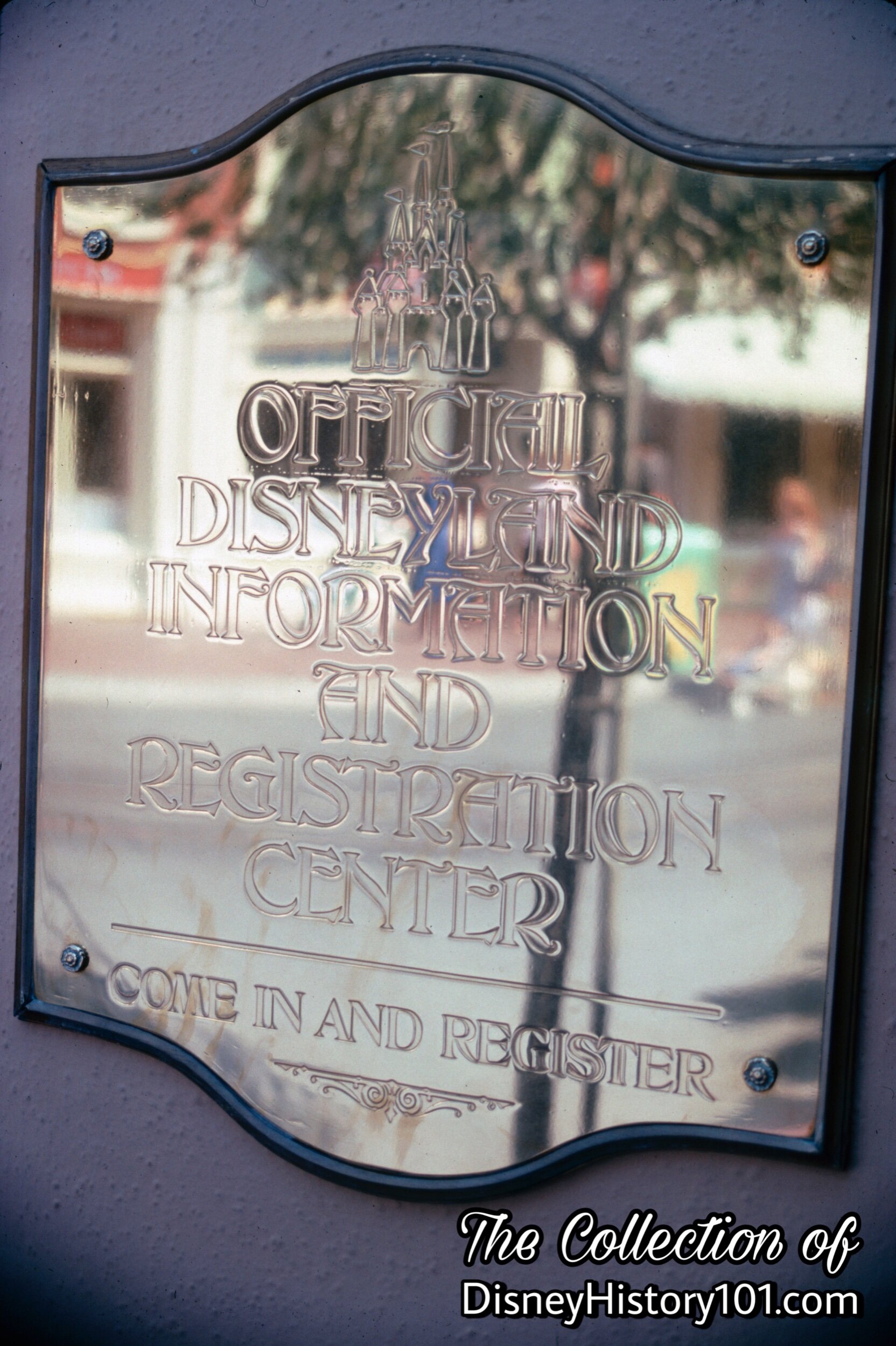
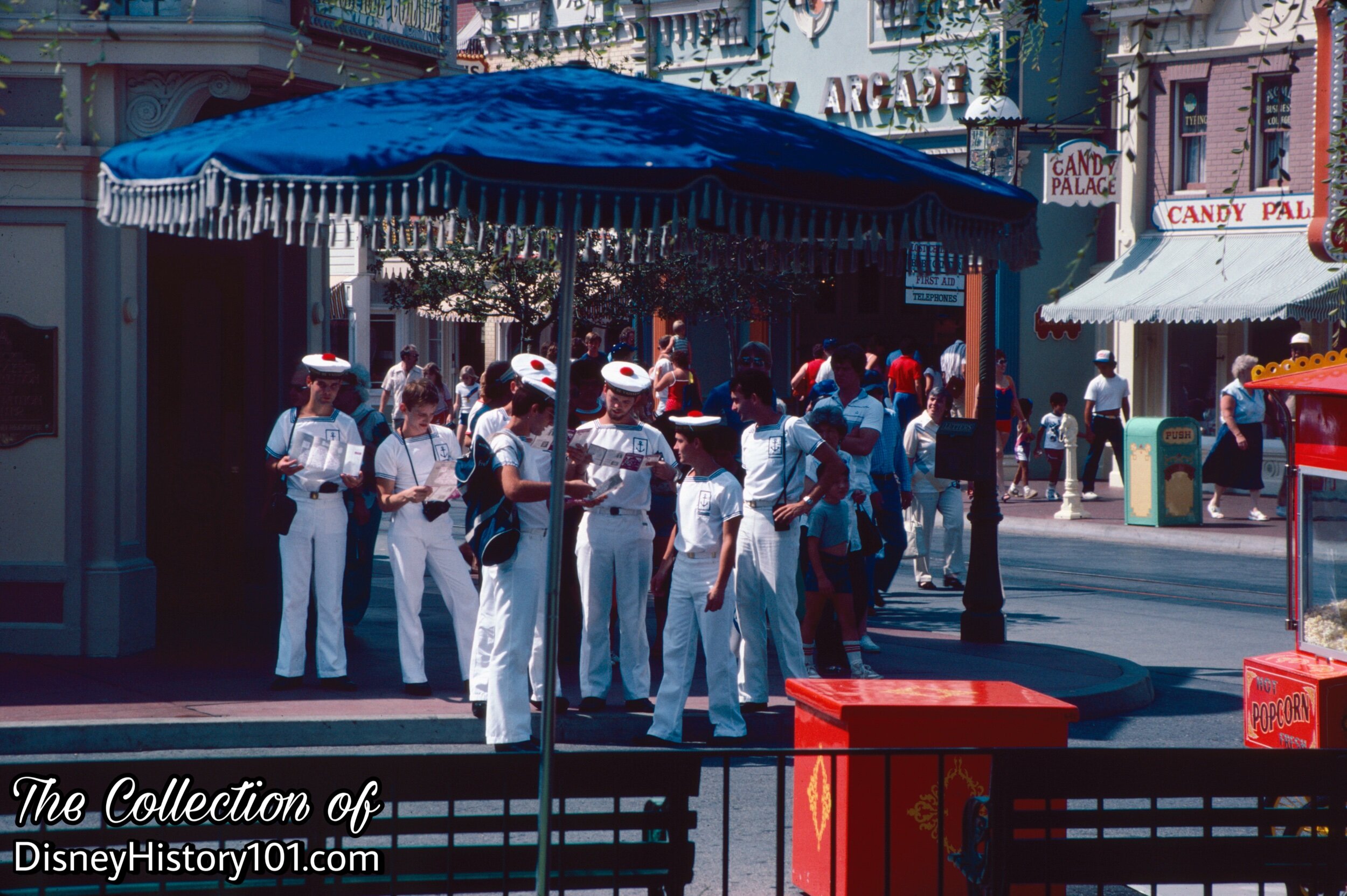
First time guests (as this group of French National Naval Officers) could always find some direction and information at the Official Disneyland Information and Registration Center!

From 1985 to 1988, a new sponsor would “greet” guests in this stately location on the hub - Gibson Greeting Cards! The old lobby was transformed into a cozy new shop that would briefly (and, appropriately) be called Card Corner for the next three years. The shop was still shared with Disneyland Guest Relations (and its Disneyland Tour Guides) who continued to staff the facility and answer guest’s questions and address guest’s inquiries. The lobby would take on a whole new look and function - that of a shop where guests could purchase greeting cards, gift wrapping paper and other gift items.
According to Disneyland souvenir guides (published 1988), during this time, the shop still served as the Disneyland Information & Registration Center where guests signed their name in the Disneyland Guest Book and could pick up information on other Southern California attractions.
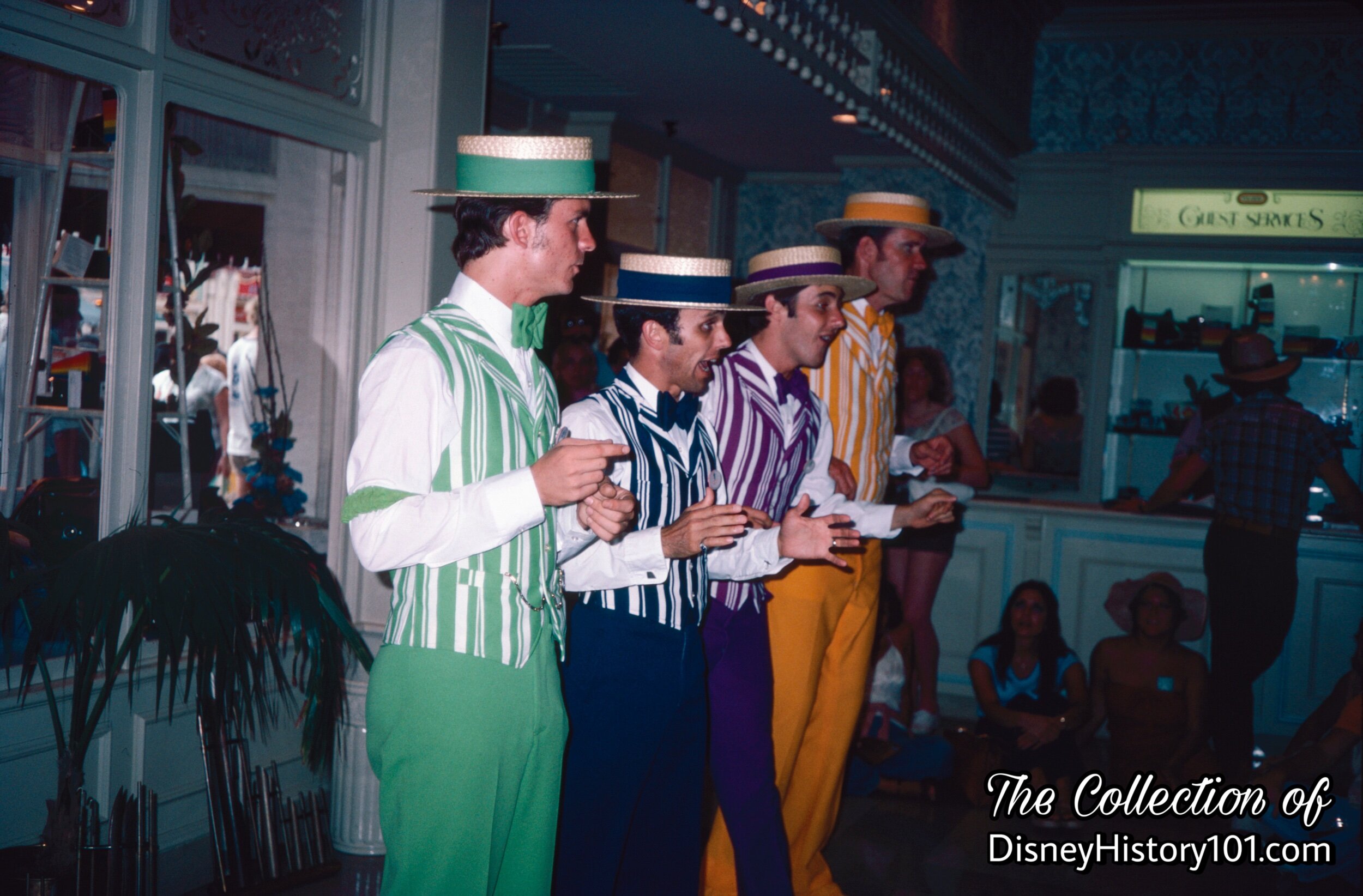
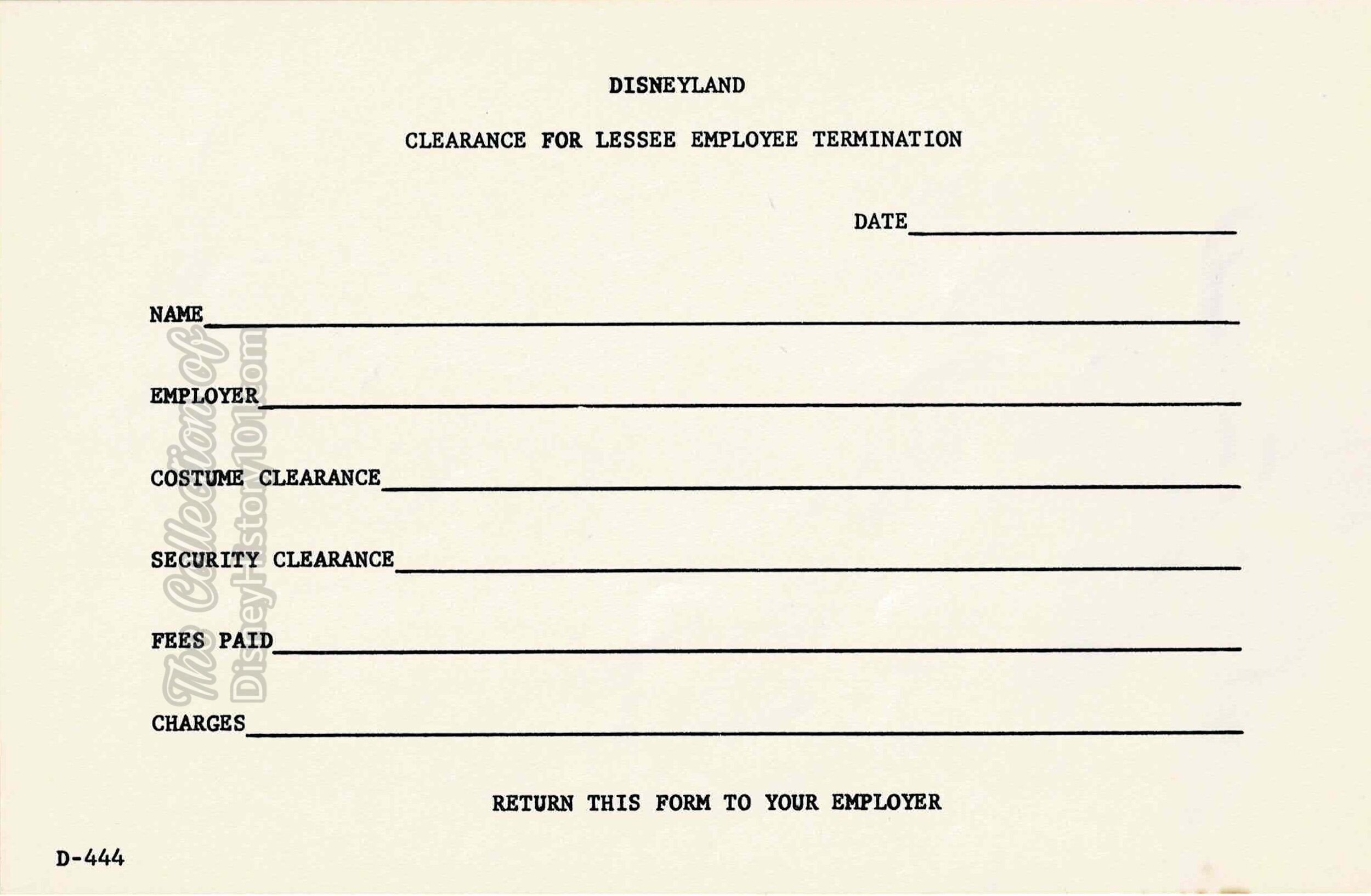
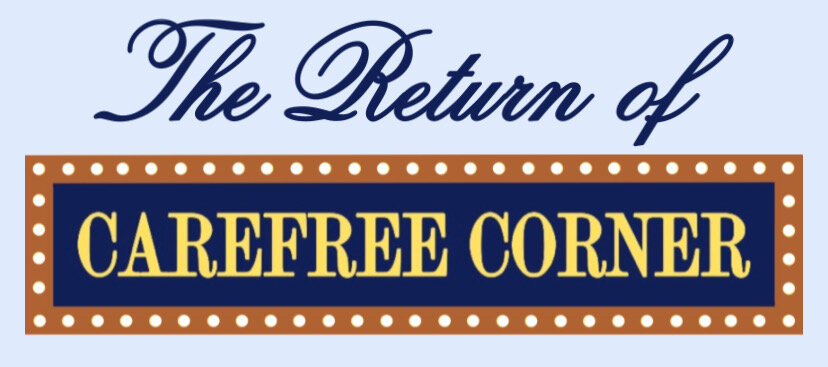
The Carefree Corner would return to Main Street U.S.A., during November of 1988. When lessee Gibson Greeting Cards departed from Disneyland, a form of the Carefree Corner briefly occupied the “apartments” as the “Official Disneyland Information and Registration Center”. This time the location was operated by Disneyland Tour Guides of the Disneyland Guest Relations Department.
Often the Carefree Corner (of this era) was used as a prize redemption center for contests, as during anniversary celebrations or events like the “Discover America” contest of Celebrate America (1983). In addition (by 1990), the Carefree Corner was also a location to find plush, greeting cards, stationary, gift wrap, and party supplies featuring the Disney characters. During August 20 - 29, 1993, the “first names first” program allowed customers to input their name into a computer and have the meaning of their name printed on special paper. The meaning could then be printed on a mug, stein, keychain, desk plaque, baby sipper, or certificate.
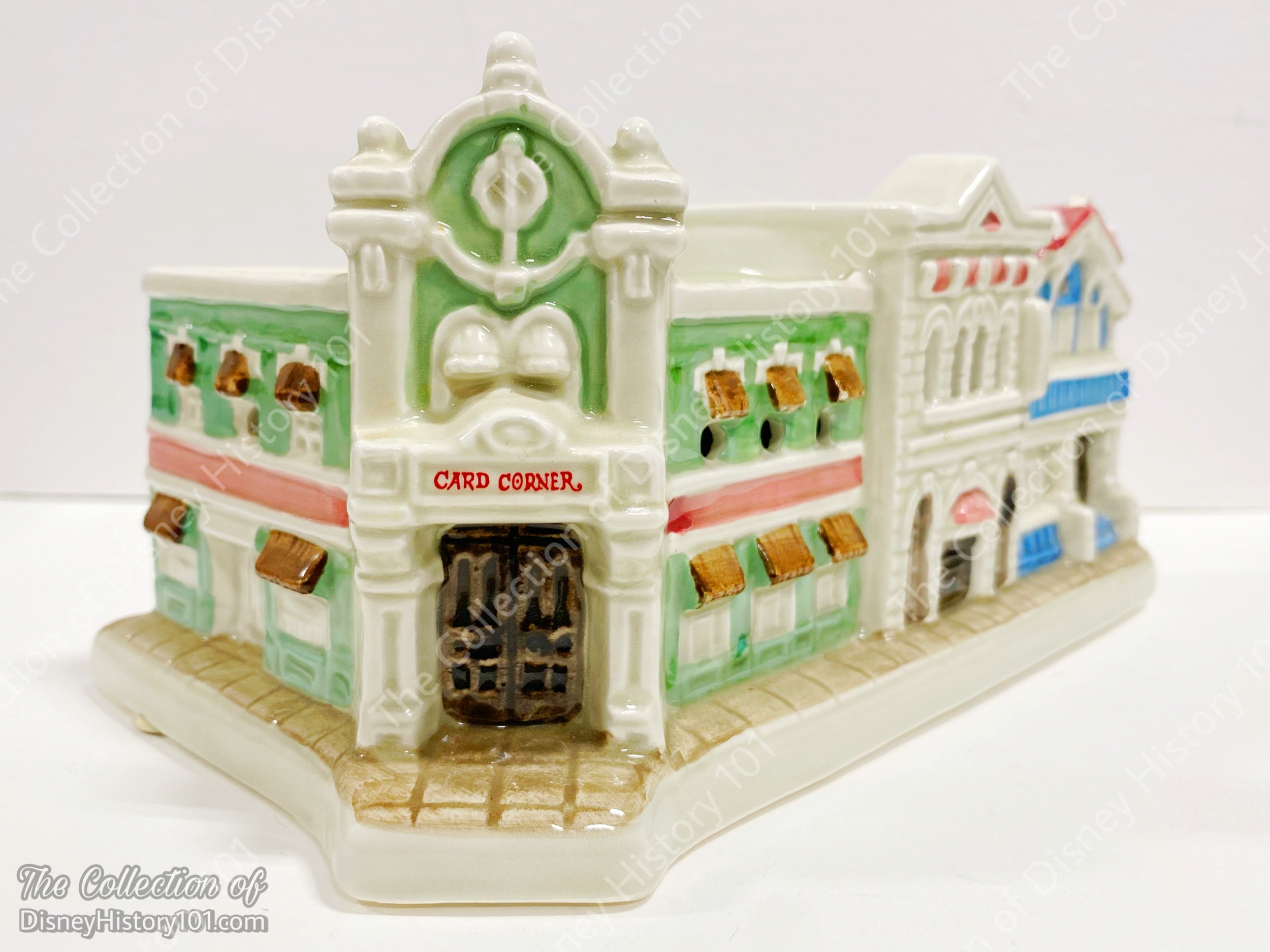
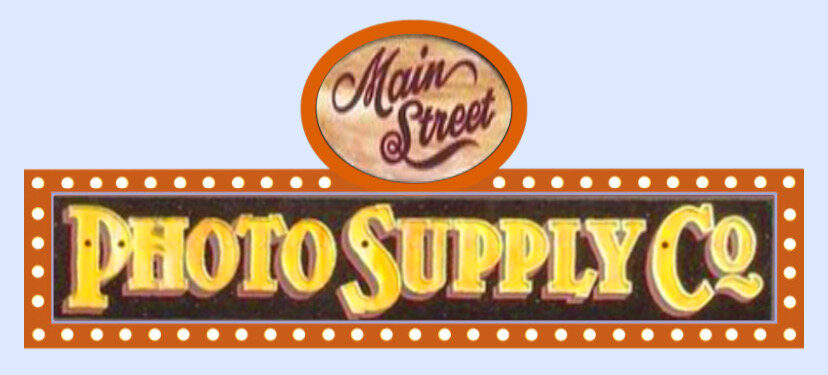
Before long, the Main Street Photo Supply Co. briefly opened in this prime location. Guests could now claim photos with tickets here. A contemporaneous (c.1994) Disneyland Line magazine commented: “Carefree Corner no longer operates as an information center; it is now strictly a merchandise location. Guest services previously provided at Carefree Corner are now available at City Hall or The Bank of Main Street, with the exception of the Guest Registry Books, which are no longer available for signing.”
But Carefree Corner was not gone for good, and would briefly return to Main Street U.S.A., during November of 1988.
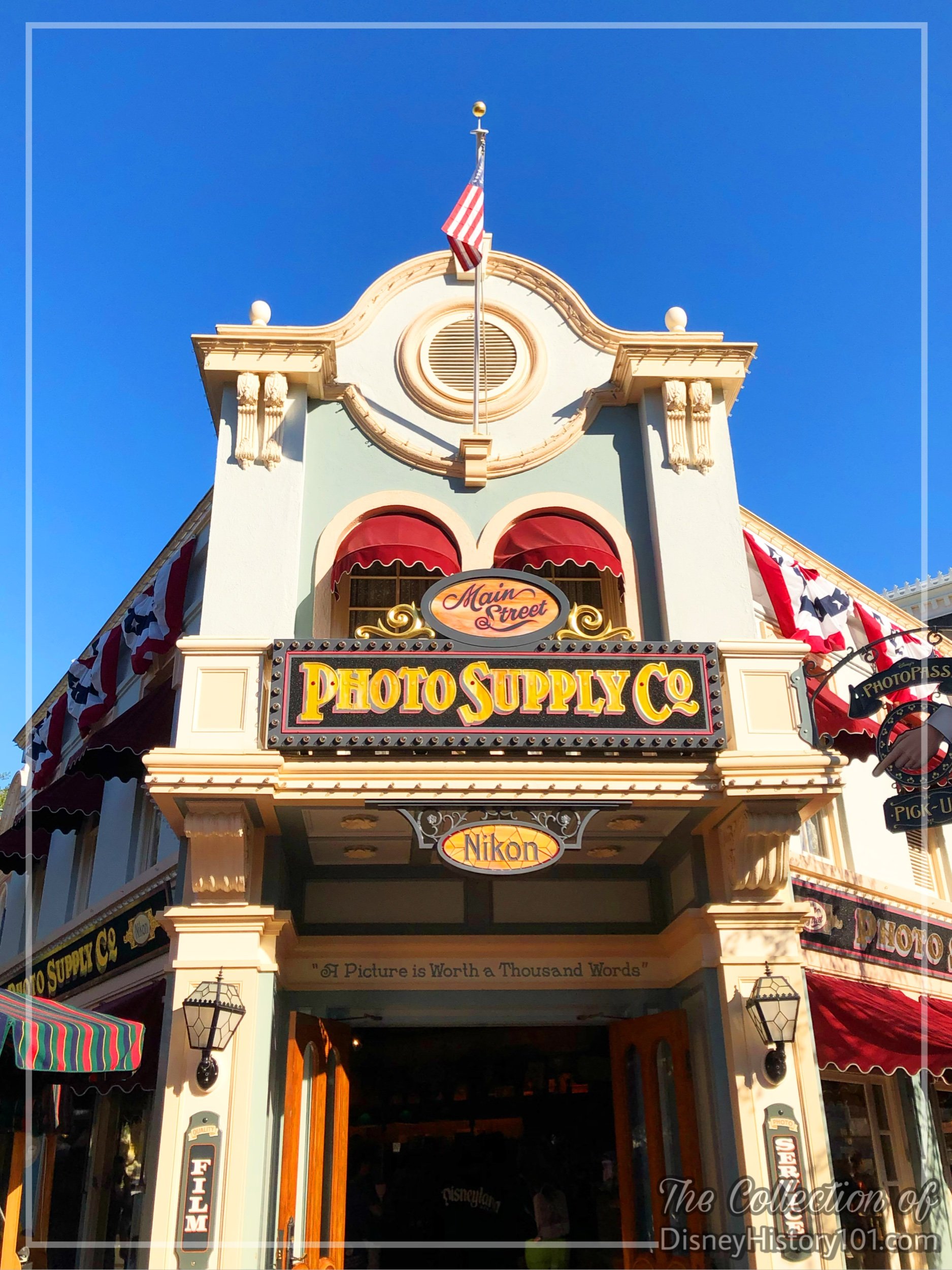
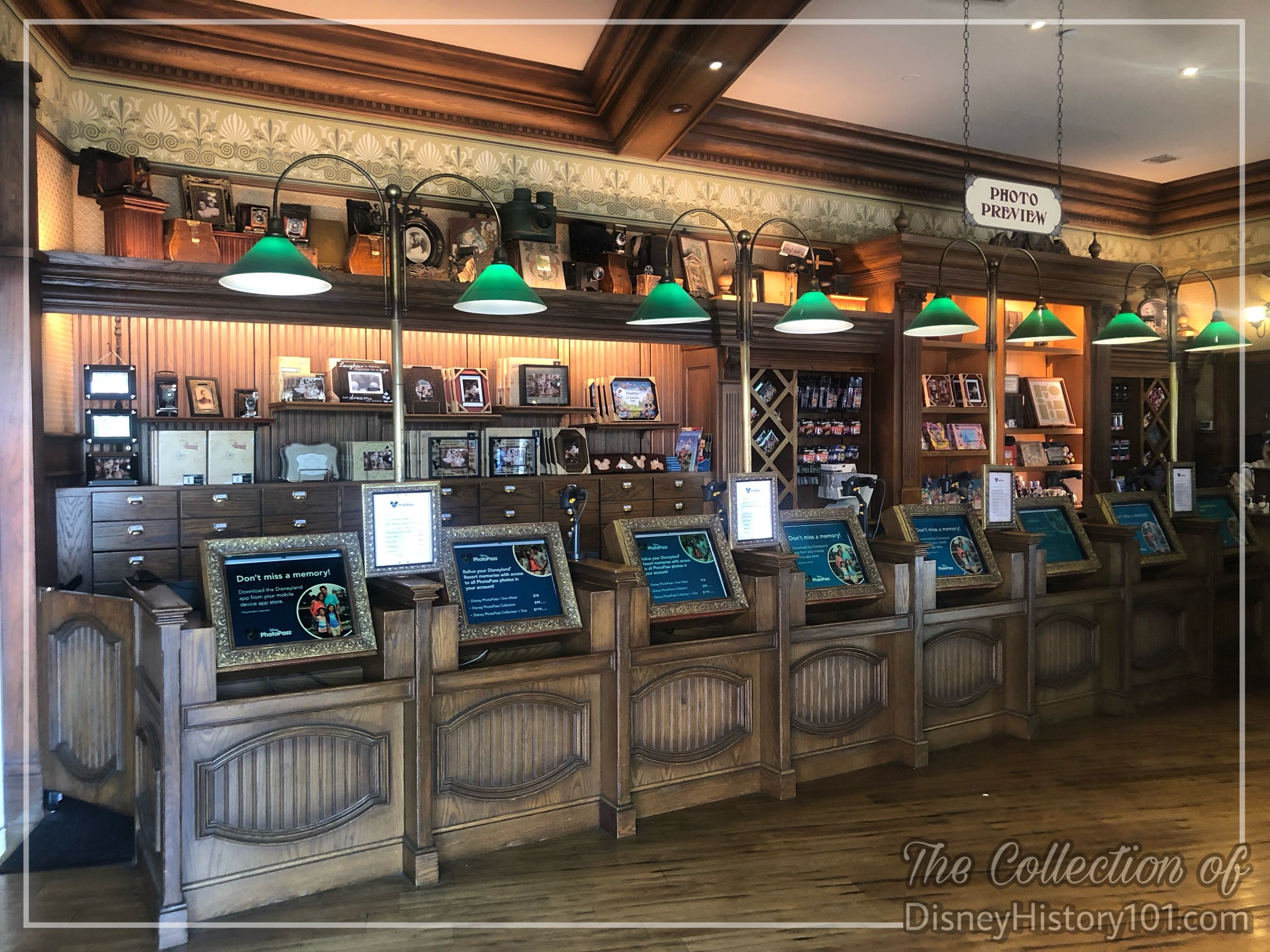
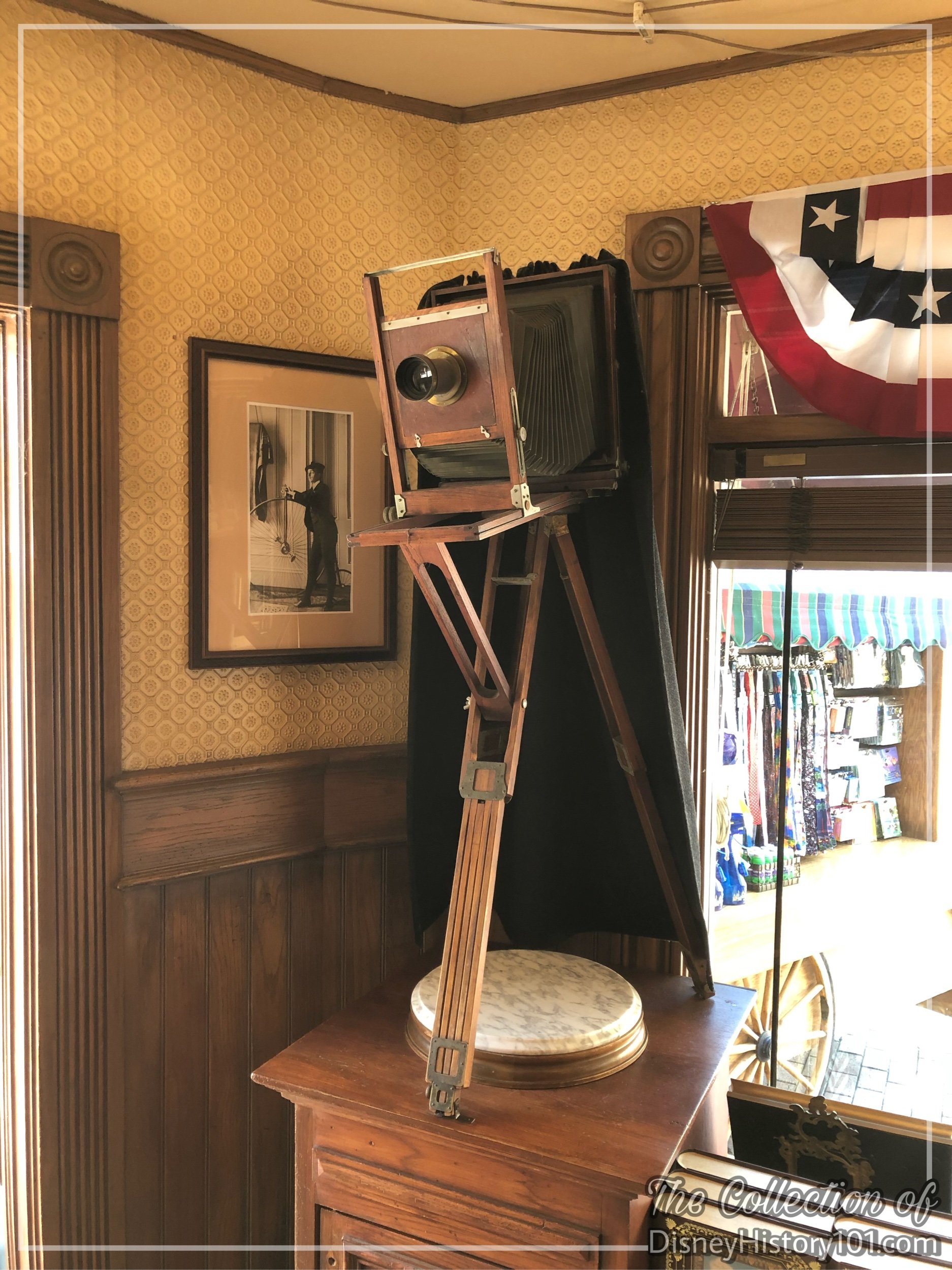
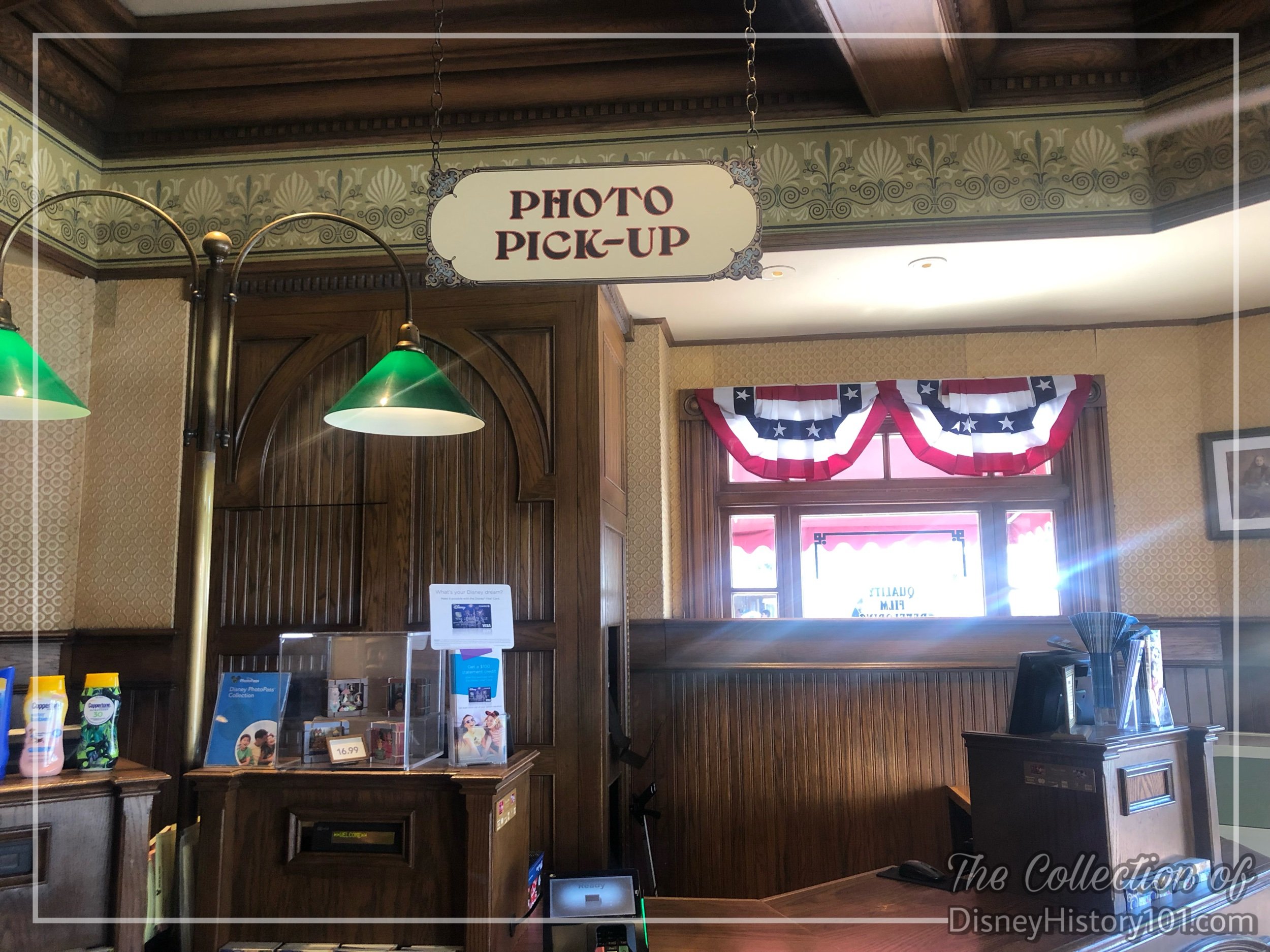
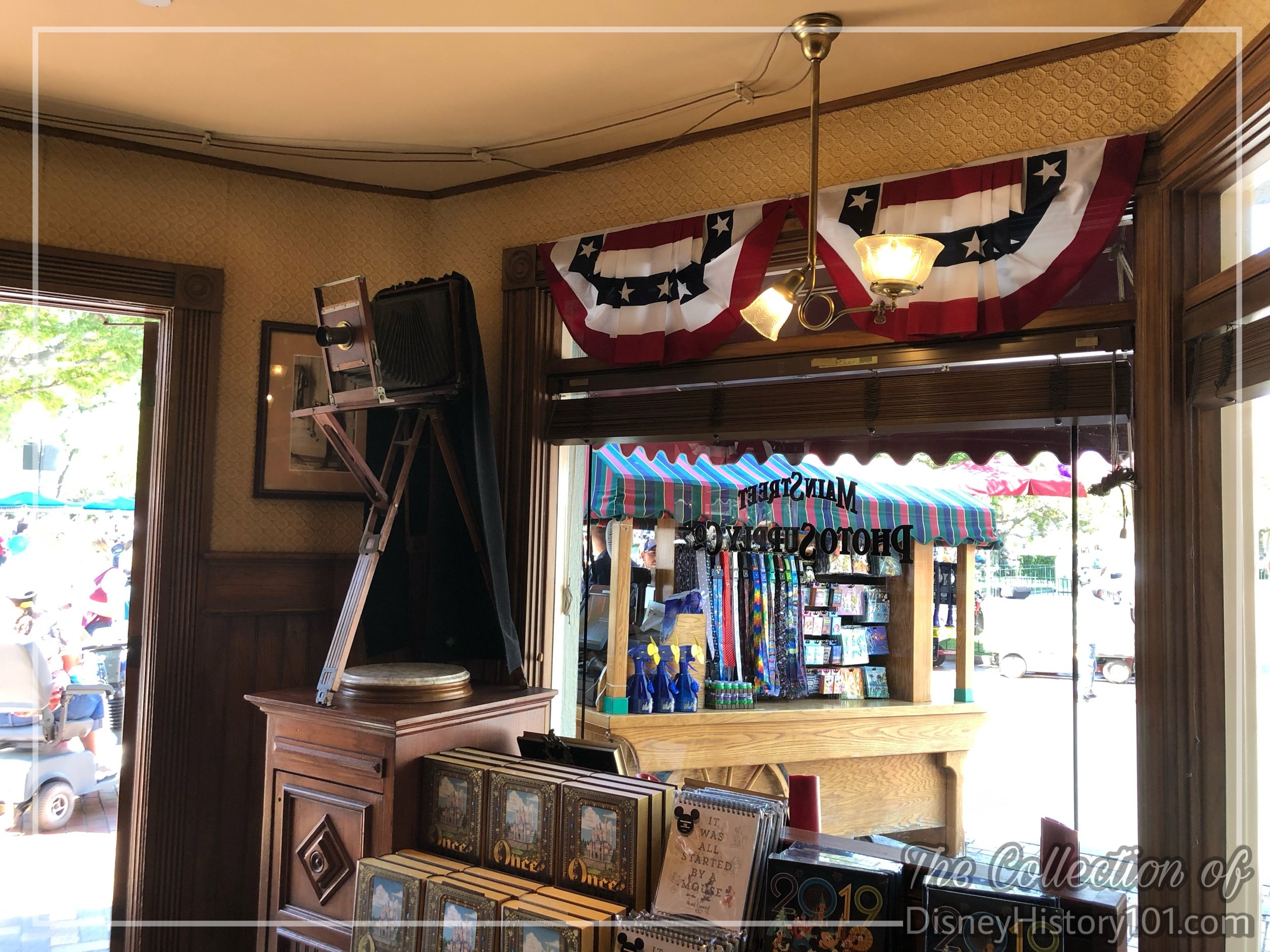
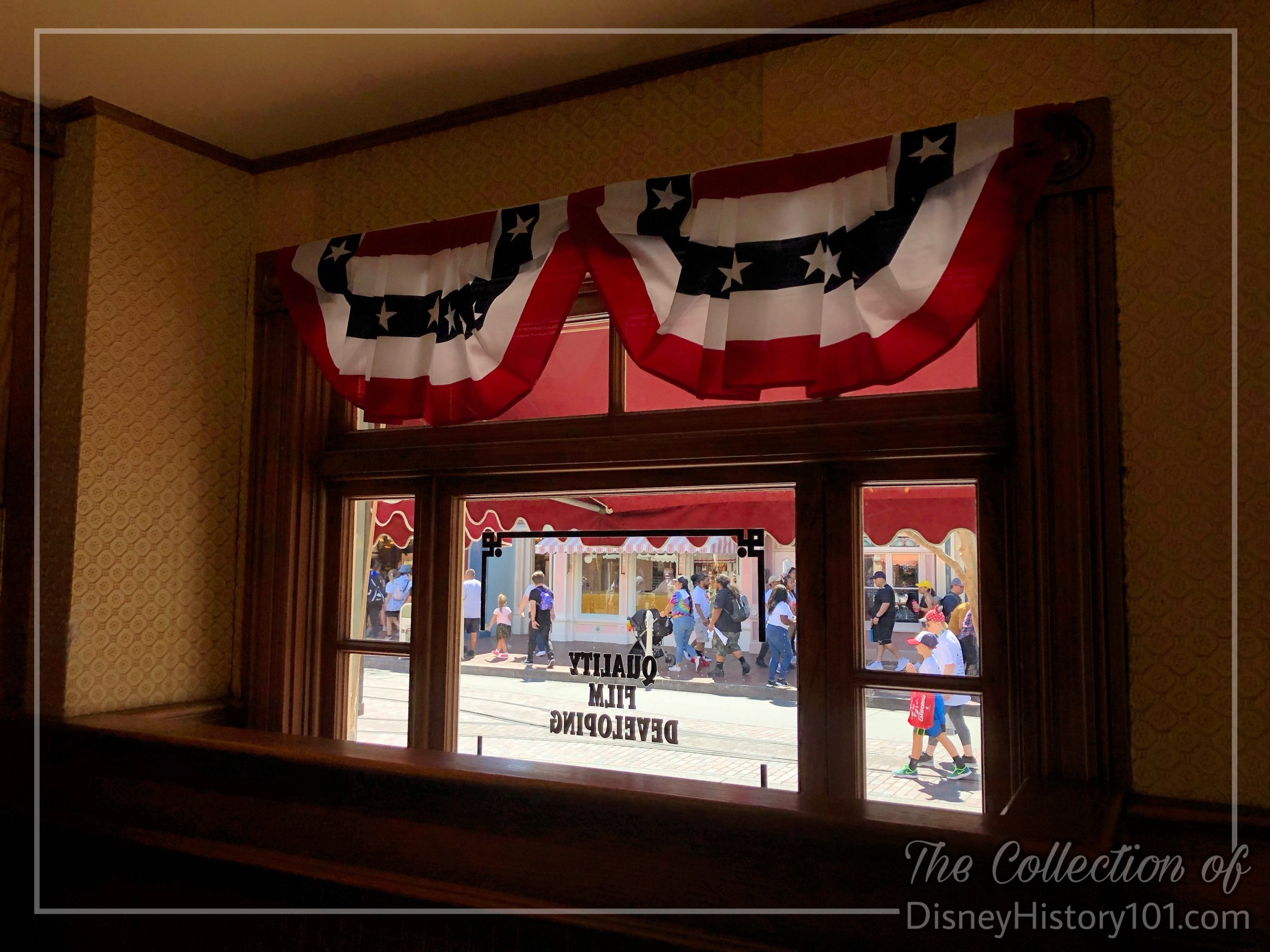
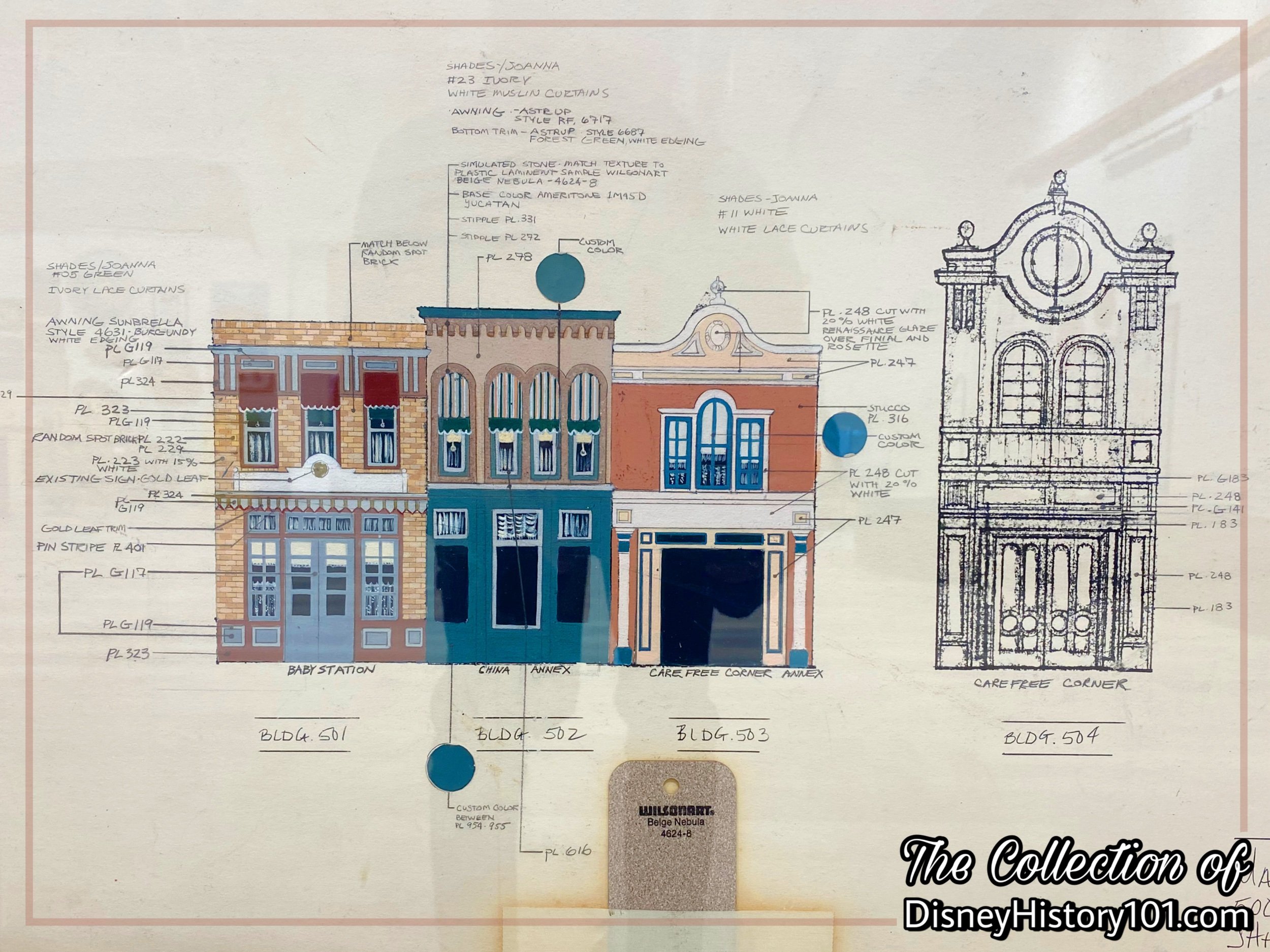
Custom colors were assigned to the shades, lace curtains, stucco, and even the Renaissance glaze over the finial and rosette of the Carefree Corner facade.
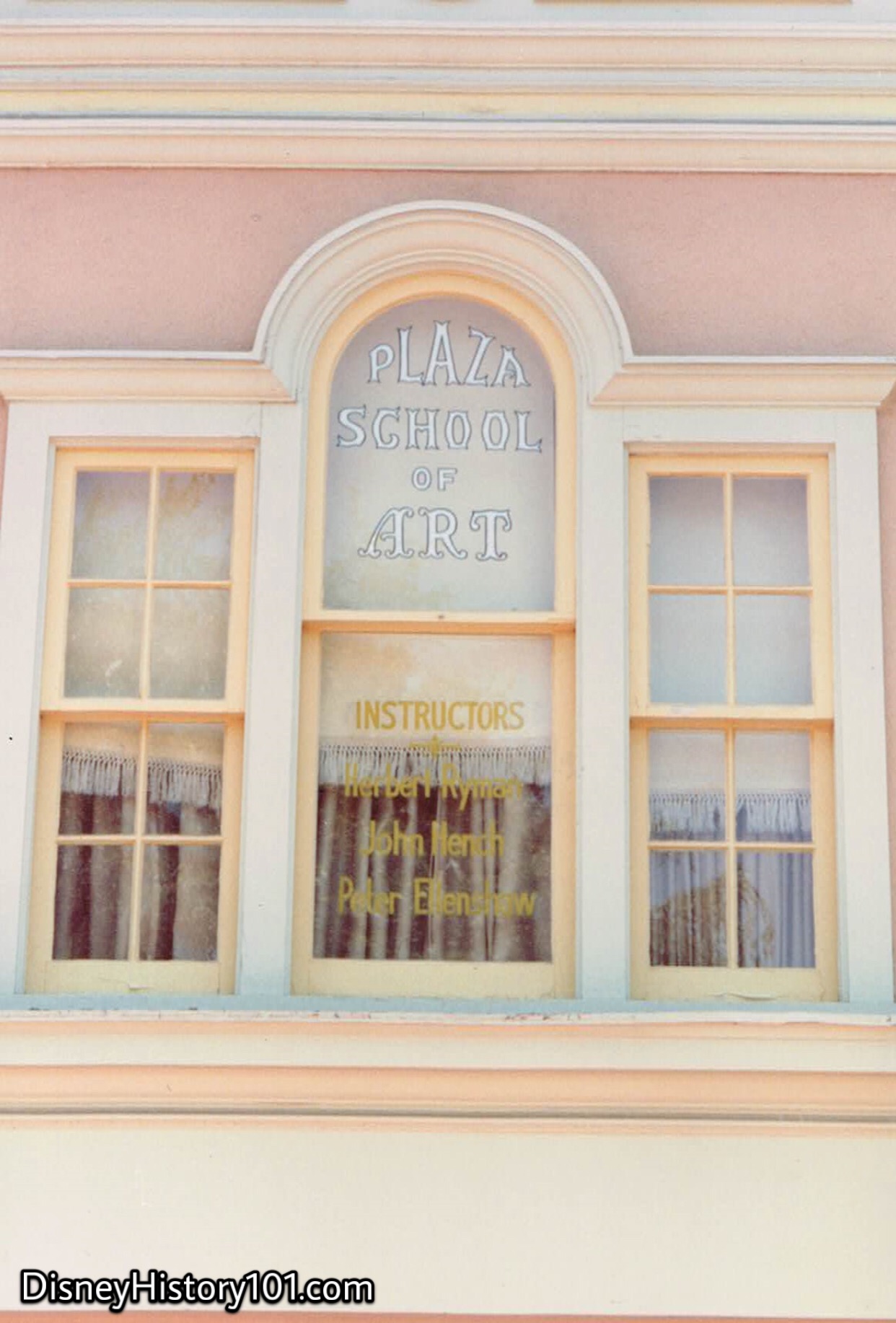
“We celebrate our people for the memories they created in the past.”
Martin Sklar once said “an individual's contribution can usually be found in the final product if one looks closely enough, but the Disney mind frame is to never point out ‘what I did’ to anyone.” However, a few outstanding individuals have been publicly recognized for their contributions and even ceremoniously honored by the Company.
One type of original free exhibit still remains to our modern era - that of the Main Street Window Honor! There are thousands of windows at Disneyland. Above, three Legendary artists who helped visually develop Disneyland are honored in one window over the Carefree Corner - Herbert Ryman, John Hench and Peter Ellenshaw. “The three designers are listed as ‘Instructors’ for the ‘Plaza School of Art,’” according to “Disneyland - A Treasure Chest of Trivia,” prepared by Walt Disney Productions, 1990. By 1990, John Hench was serving as the Senior Vice President of Walt Disney Imagineering, Peter Ellenshaw had retired, and Herb Ryman had served as a consultant until his death in 1989. Herb (in “A Brush with Disney”) reflected: “Whenever I went to the park, I was aware of the contributions I had made, as I’m also aware of contributions by Bill Martin, Marvin Davis, John Hench, Ken Anderson ad all who were playing Disney’s orchestra… The names on the Main Street windows are the people to whom Walt wished to give credit, the people who helped create Disneyland…My name is there, with John Hench and Peter Ellenshaw. And that’s what we do, we give art lessons. I realize that participating in Walt’s dreams has Brought joy to millions of excited people which why work alone would never have been able to do. No matter what individual talent each of us has, working under the auspices of Walt Disney we’ve really contributed something to the world.”
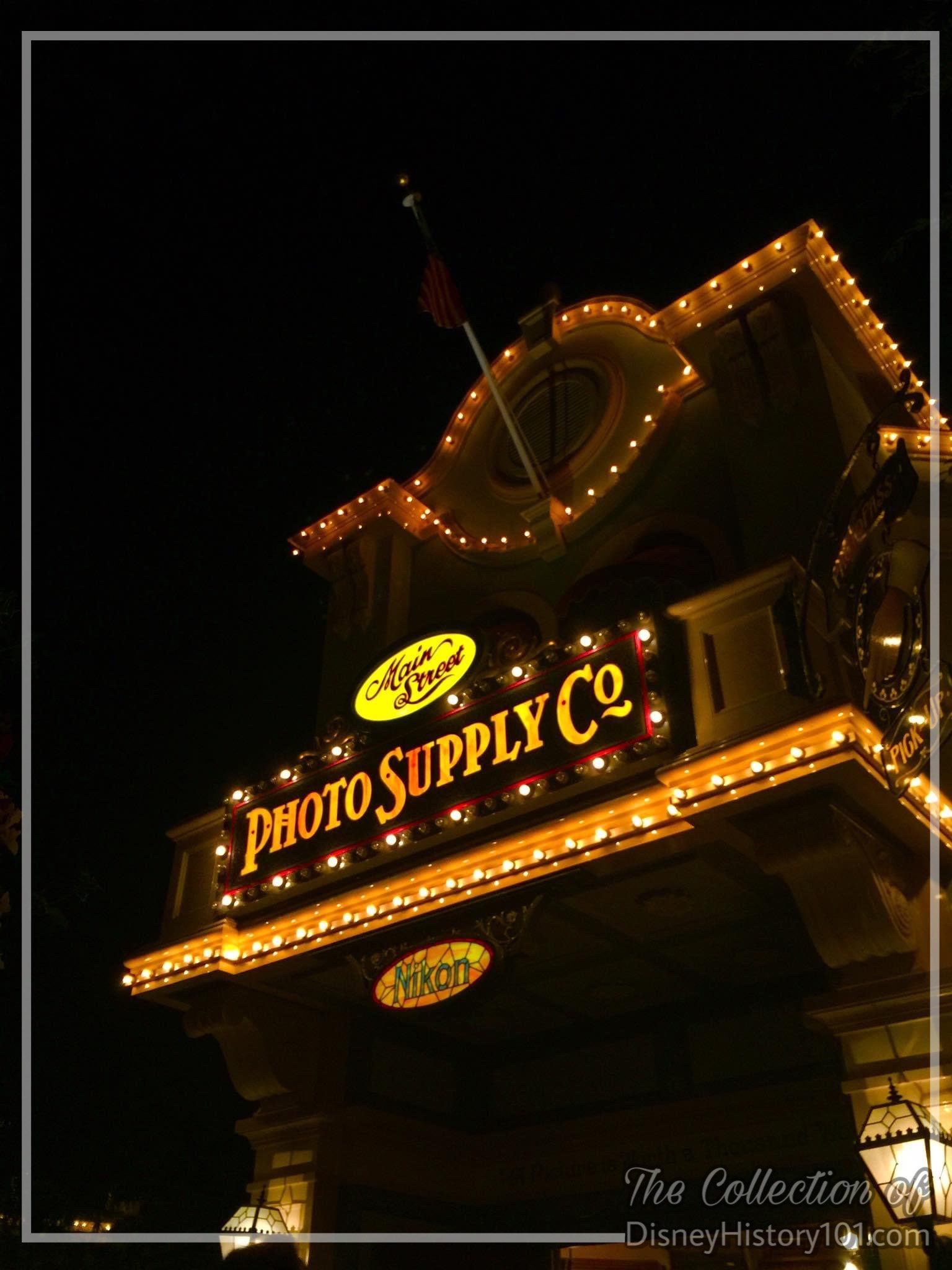
As of October 21, 2021, the Plaza Point Holiday Shoppe opened in this piece of real estate, on the Central Plaza Hub of Disneyland.

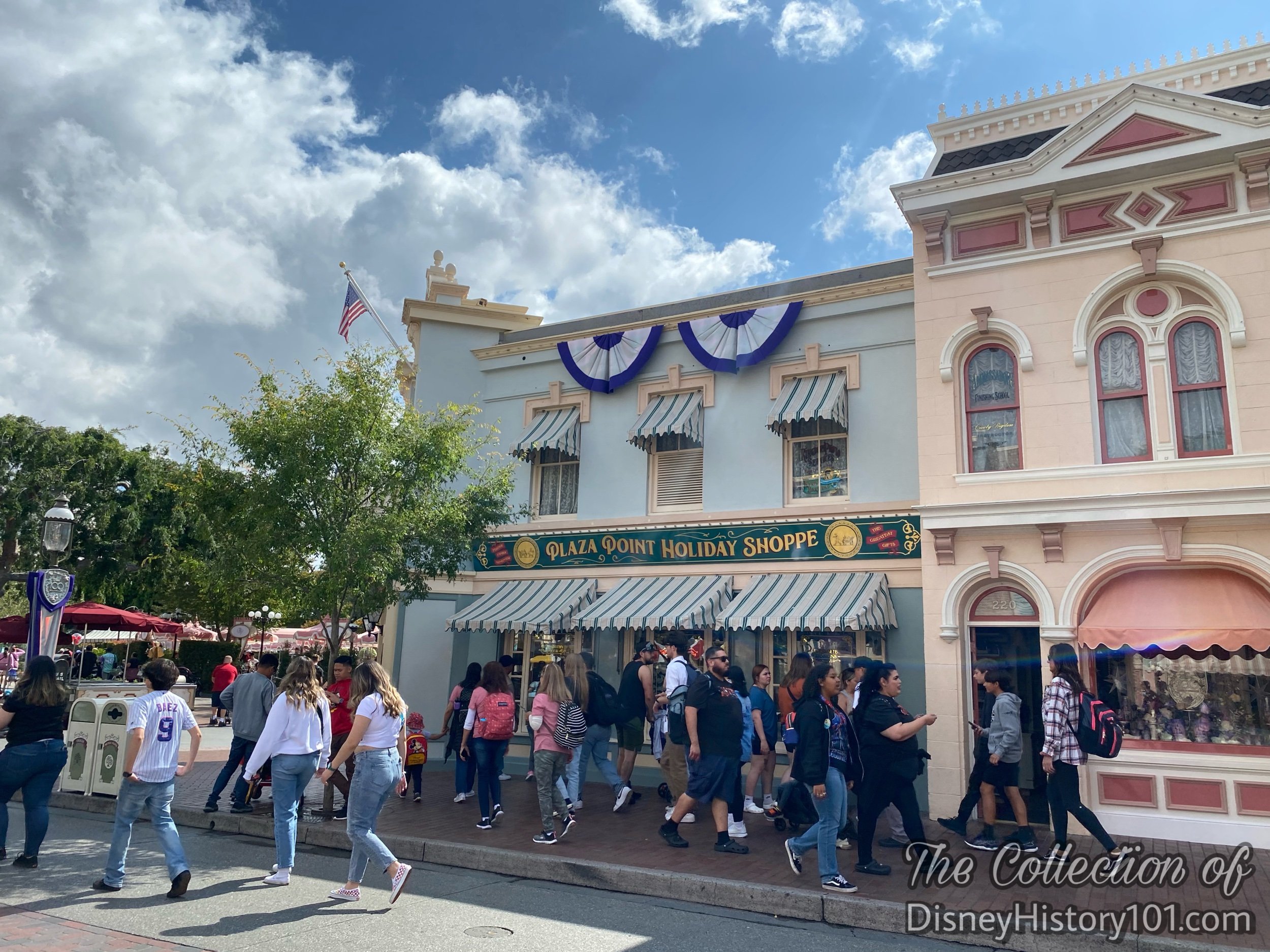
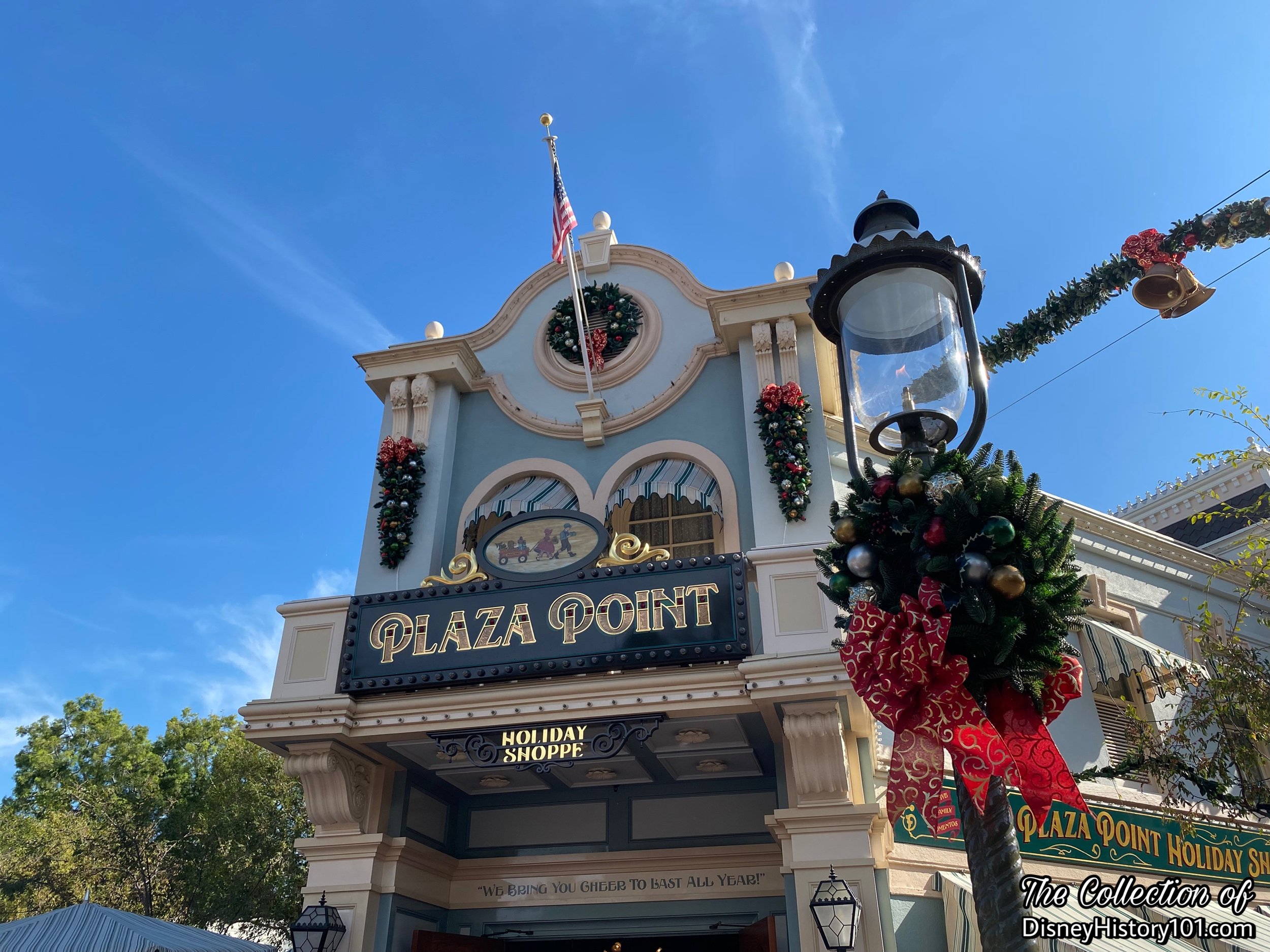
CARNATION ICE CREAM PARLOR
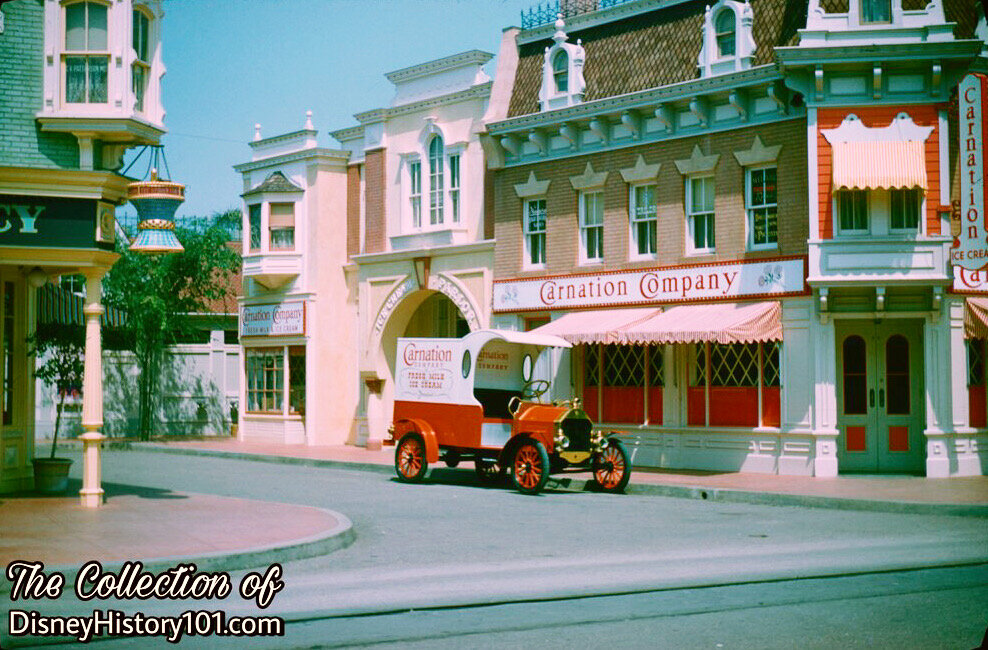

Since the creation of Mickey Mouse, Walt Disney extended numerous licensed character arrangements with manufacturers of ice cream like Southern Dairies and Balian Ice Cream.
Back in 1951, Walt Disney and Art Linkletter visited the famous entertainment complex Tivoli Gardens in Copenhagen. He was researching and talking notes to build a family entertainment center and Tivoli was much like what he envisioned. It was clean, directed to the entire family, fun, entertaining and educational. Walt noted how important it was to have a lot of places for guests to sit down and a wide variety of eating spots that served excellent meals.
During 1954, Walt was searching for participants to lease shop and restaurant spaces and help generate the necessary capital to fund construction of DISNEYLAND®. In a synergistic relationship, the companies (in turn) could sell their products and advertise their corporate names in the Park as they provided services and shows. Disneyland Participant Corporate Sponsors were carefully selected. High quality, long term corporate sponsors would provide incremental income that enabled Disneyland to enhance its show and attractions, offset some operating expenses, and capitalize on marketing opportunities.
“55er” Rima Bruce (who started with Jim D'Arcy in Food when all food was Lessee and typed memos and menus) recalled that “the phone never stopped ringing with everybody trying to get a food lease in the Park.“ By July of 1954, Raul Grizante of Disneyland, Inc. was overseeing food philosophy, area & location, food specialties, and beverages for Disneyland.
By July 1, 1954, George Whitney of Disneyland, Inc. directed Amusements, with Ron Miller overseeing analysis, philosophy, capacities, planning, operator training, and amusement procurement. Individuals like Nat Wyncoff provided the essential orientation for curious lessees, selling them on the idea of Disneyland using various visual aids like sketches and one of Herb Ryman’s oil paintings of Disneyland. Soon, “a cross-section of American industry…[was] represented in Disneyland. Each of these companies… [would expose] its institutional advertising and public relations message to Disneyland guests through various forms of participating exhibits and displays. In each case, the exhibit… [was be] related to the theme of the ‘land’ in which it is located, and is woven into the overall concepts and themes of Disneyland”, according to “Disneyland, U.S.A.”, published 1958. It was intended that Disneyland feature “the turn-of-the-century shops and stores - the photographer's shop, ice-cream parlor, penny arcade, bakery, drug store, music shop, butcher, grocer, many of which are sponsored by outstanding American companies whose names are familiar ‘household words.’”
Many free exhibits of Main Street U.S.A. were sponsored by one of the United States’ “old reliable firms, which have been in business fifty years or more. Here they can show how they started and reproduce their first place of business” , [according to one draft of the Disneyland Prospectus, published 1954]. Several of these “reliable old firms” sponsored the “abundance of restaurants devoted to pleasing all tastes and all budgets,” according to “The Story of Disneyland,” published 1955. In turn, Disneyland, Inc. received income. For example, in 1958, Bank of America appraisers figured of the total income received from leases, 16.02% was derived from the selling of advertising rights and 40.12% from the leasing of space to concerns whose main reason for occupancy is for advertising purposes. The remaining 43.86% of the lease income was derived from stores that sell various products and food.
The “legen-dairy” Carnation Company (whose origins pre-date the turn-of-the-century), was one such “reliable firm,” and an appropriate choice for Disneyland sponsor. Carnation Company founder Elbridge Amos Stuart began processing evaporated milk in 1899 in Kent, Washington. During the early 1900’s Mr. Stuart developed “the famous Carnation line of Holstein-Friesan dairy cattle” with the ability to produce extraordinarily large quantities of milk. This the cows did, from a stress-free and peaceful pasture, ensuring their health and happiness.
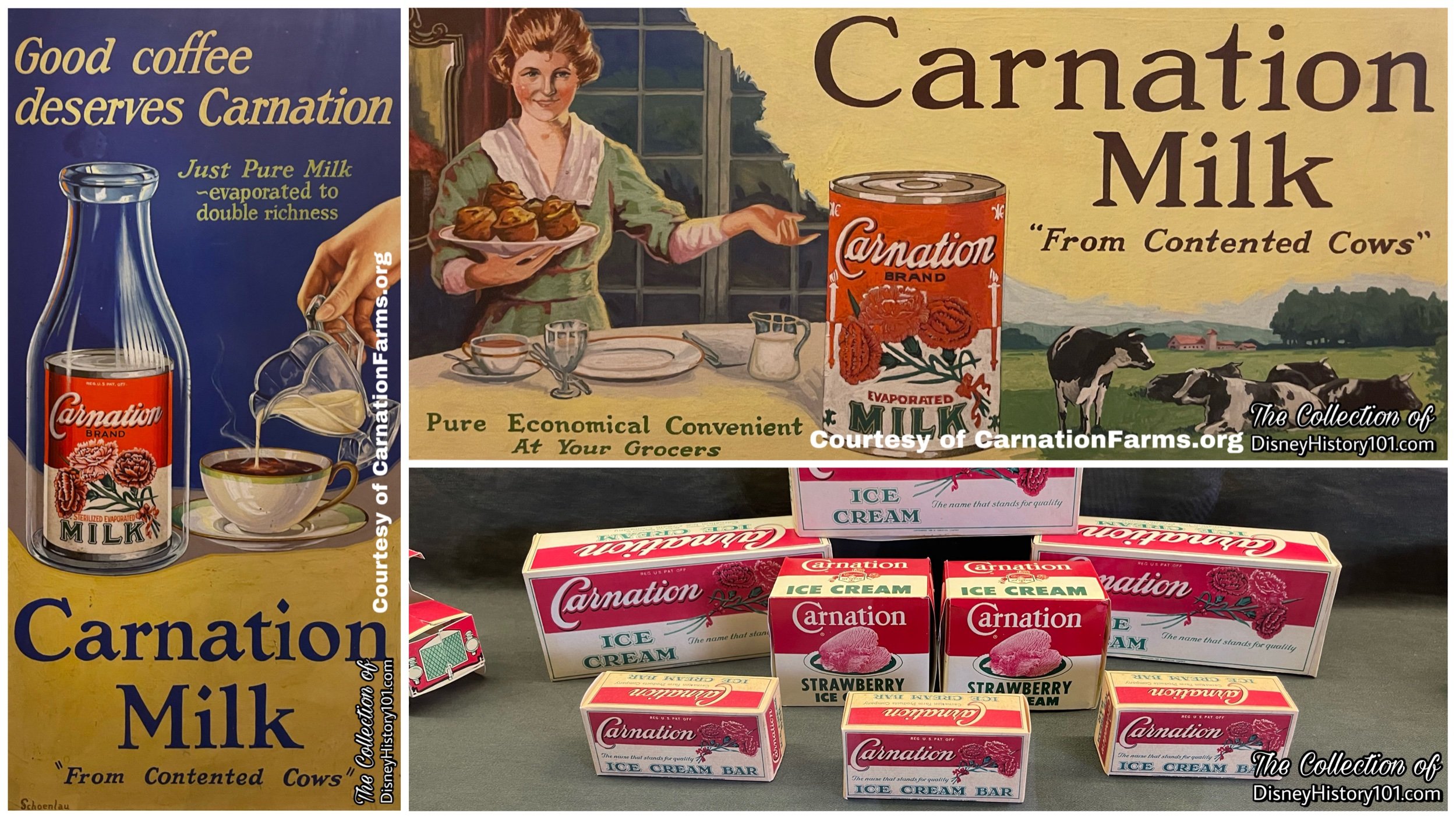
Now 55 years after that important development (and a great deal of dairy research), the “milk from contented cows” would soon both content and bring happiness to visitors to Walt Disney’s Disneyland! This was all thanks to a partnership between Elbridge Amos Stuart’s son (Carnation Company Chief Executive Officer Elbridge Hadley Stuart).
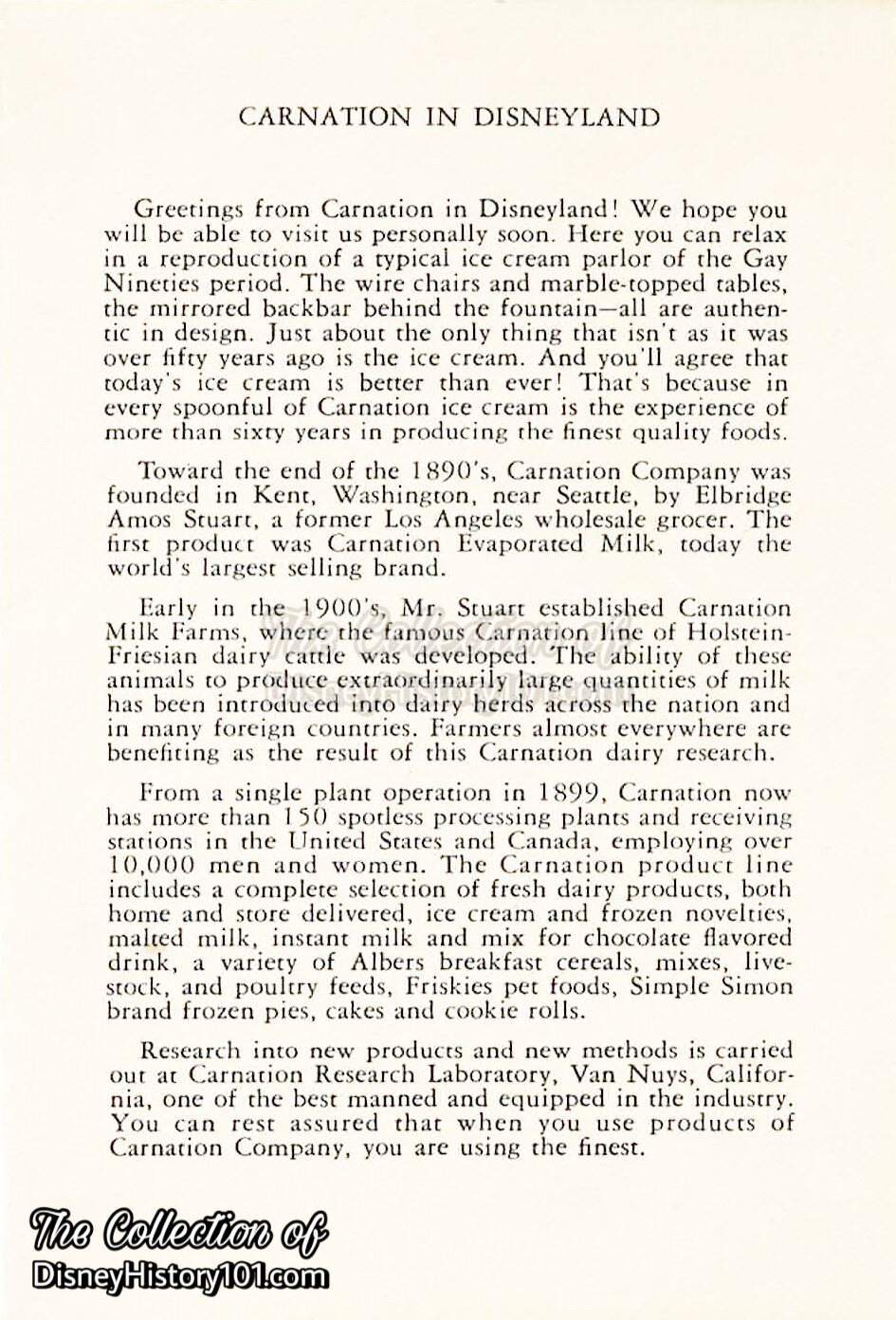
This souvenir menu page (pictured above) is a prime example of “the possibilities for a sponsor to capitalize on this association” with Disneyland. The many ways of “merchandising, sales promotion, advertising, public relations and publicity programs are almost limitless. Regardless of the type of product, goods or services manufactured and marketed by sponsors, the Disneyland association can be effectively and importantly translated into the sponsor’s promotional activities,” according to “Disneyland, U.S.A.,” published 1958.
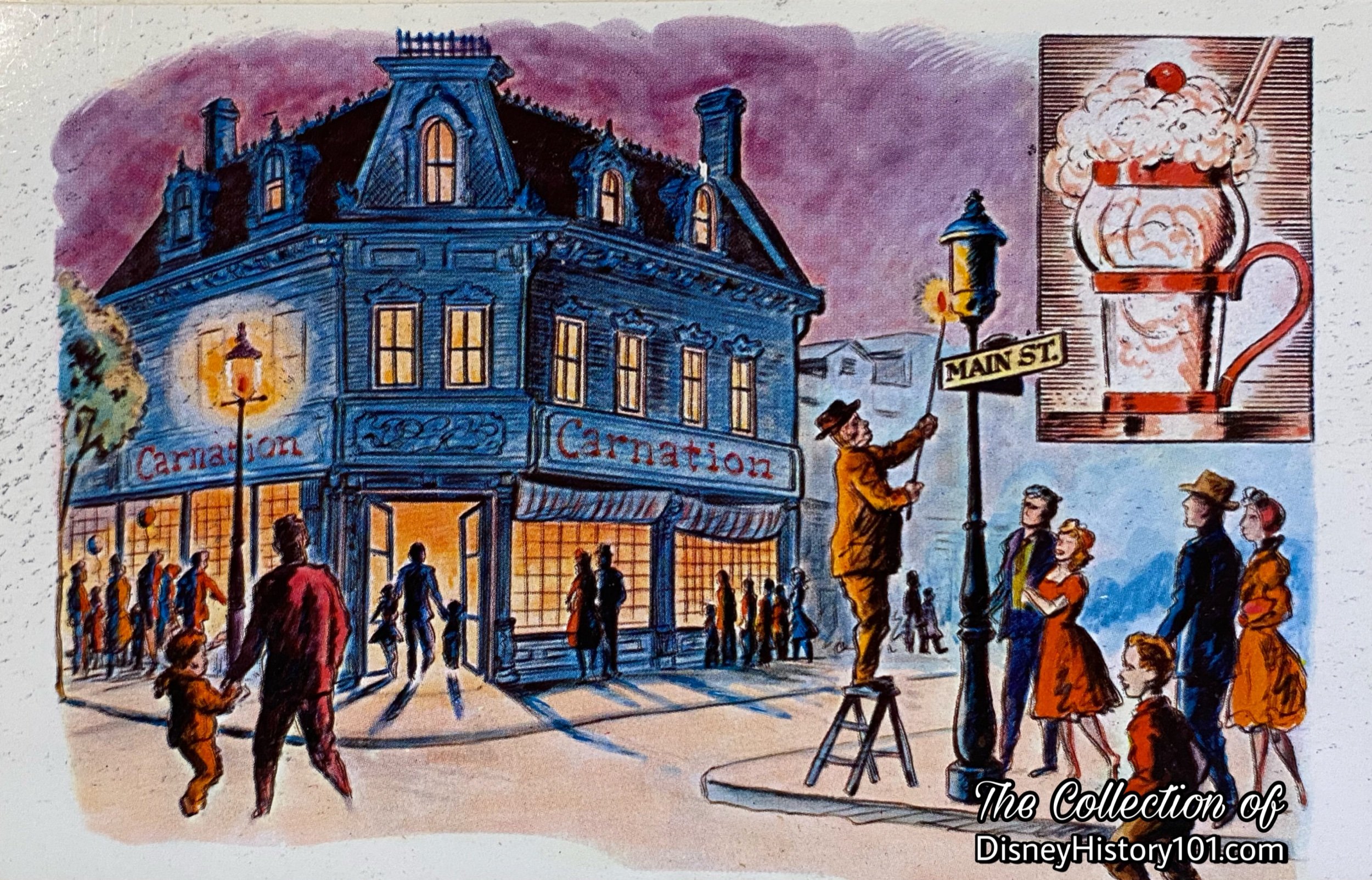
“Master Planning a ‘Place Setting’ to Dine At Disneyland”
According to “THE DISNEY THEME SHOW - an introduction to the art of Disney outdoor entertainment: Volume II”: Of all the guests’ senses that come into play at Disneyland, the most difficult response to predict was taste. If 70,000 guests were to arrive on a single day, there would probably be 70,000 different ideas about food. Generally speaking, Disneyland food locations fall into three categories - sit-down restaurant service, “buffeteria,” and fast-food categories. The most extensive theming has always been found in the sit-down restaurant locations but all locations were housed in authentically decorated facilities.
Early thumbnail sketches and other concept artwork seemed to be unencumbered by restrictions of budget, schedule or the laws of nature and physics. Though guided by Walt, his artists appeared to engage in “free-thinking,” as if implementing the modern “Blue Sky” Imagineering process. Like some advanced “High Concept,” final designs were quickly generated and approved.
Some of the earliest Main Street site plans prepared, depict an American Motors - sponsored exhibit in this space of the 400 block of Main Street U.S.A. The same plans intended for a Carnation Farms - sponsored exhibit, but on the 500 block of Main Street U.S.A. (across the street, on the East side). As things continued to develop, it was decided that the American Motors’ exhibit would be best housed in an exhibit hall in Tomorrowland. As for the space on the south side of Main Street’s 400 block (and the corner of West Center Street), it would be inhabited by Carnation Farms’ free exhibit.
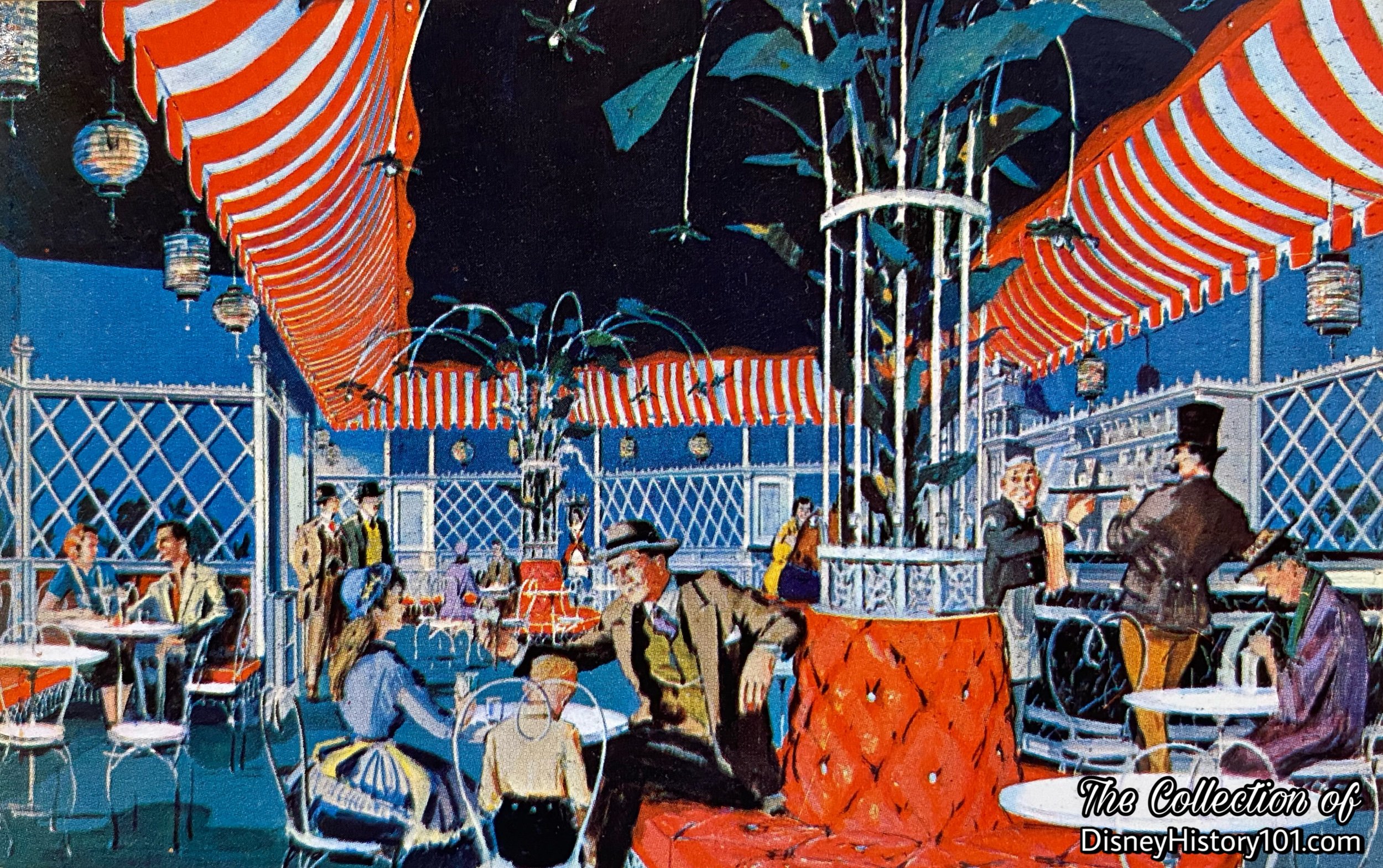
“Disneyland is unique in that some of the world's foremost creative artists and architects control all design at Disneyland.“ Disneyland Inc. furnished an artist's conception of such a parlor, which was being duplicated in every phase. For instance, a photograph was supplied from the Disney Library showing a soda fountain back bar that was actually in use during that time. Engineers devoted considerable time to further research and were able to procure a book of the history of the soda fountain industry.
As Walt described to Bob Thomas (of Associated Press), “some industries will have exhibits, but all of them must be in keeping with the era.” A year prior to opening, Carnation's ice cream parlor was a sketch in Disney's studio. But soon, Disneyland guests would be able to visit an authentic turn-of-the-century sweet shop, or ice cream parlor thanks to other talented artists and skillful craftspeople. Under the supervision of Ray Keplinger of Carnation Company, Disneyland, Inc. artists created site plans and other designs for the c.1890’s themed Carnation Ice Cream Parlor exhibit which would also function as a restaurant with waitress service.
“Architectural Designs by Lessees”
Disneyland, Inc. printed materials for Lessees detailing specifications for architectural designs of exhibit spaces. These were revised by March 16, 1955 and issued to Lessees.
All of the interior architectural drawings were done by competent registered architects or an approved display house of the lessee's choice. All of the designs submitted by the lessee's architect, whether for buildings or construction of interiors in DISNEYLAND, were approved as to the theme and general plan of DISNEYLAND as established by WED Enterprises, Inc.
Three sets of preliminary drawings were furnished DISNEYLAND, Inc. as soon as possible after signing of the lease. Two sets were retained by DISNEYLAND and one set was returned to the lessee’s architect with any revisions noted thereon and stamped “APPROVAL TO PROCEED TO FINAL DESIGN.” This stamp when properly signed and dated constituted the lessee’s authority to proceed with the final drawings.
The Lessees revised their final drawings to incorporate any revisions noted on the approved preliminary drawings, and submitted three sets of the revised drawings to DISNEYLAND. One set was returned to the lessee’s architect and any revisions noted thereon are to be incorporated on the original drawings. When the lessee had incorporated the final revisions on the drawings, two sets of transparent ozalids were forwarded to DISNEYLAND for approval. DISNEYLAND would stamp both sets “FINAL DESIGN APPROVED” and “LESSEE’S CONTRACT DRAWINGS”, and return one set to the lessee who could then release drawings for bid and/or construction.
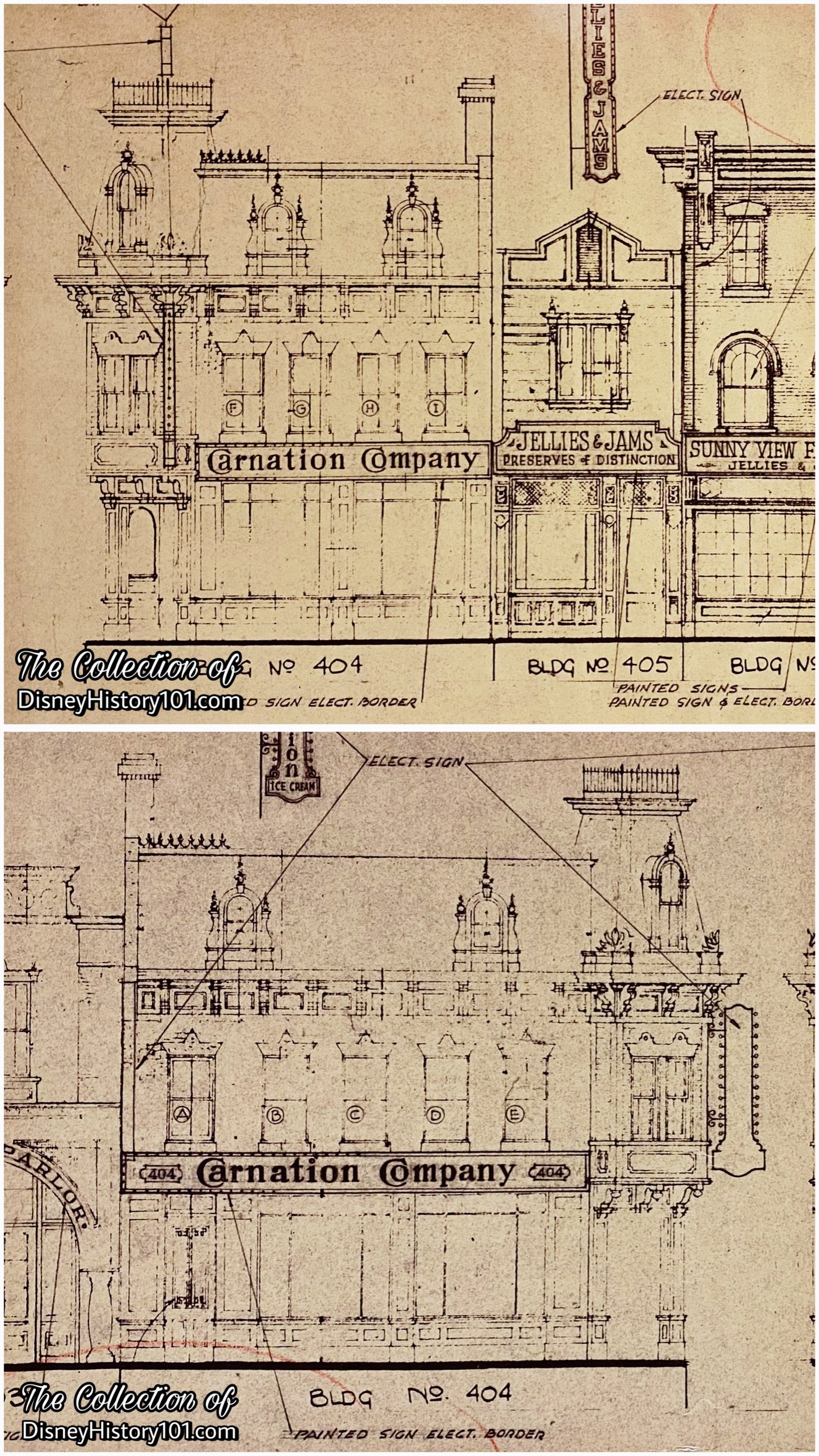
Next, architectural drawings helped define all designs, production and construction strategies, costs, schedule, and resource requirements. Models explored the various dimensional relationships, site-lines, flow patterns, ergonomics, and visual appeal to convey the desired creative intent.

Forced perspective would make the buildings on Main Street appear taller than actually are. On Main Street the buildings would not be full scale. Ground floors were built about 9/10ths scale. Second floors measured up to 7/10ths scale. The scale on the uppermost floors would be smaller still.
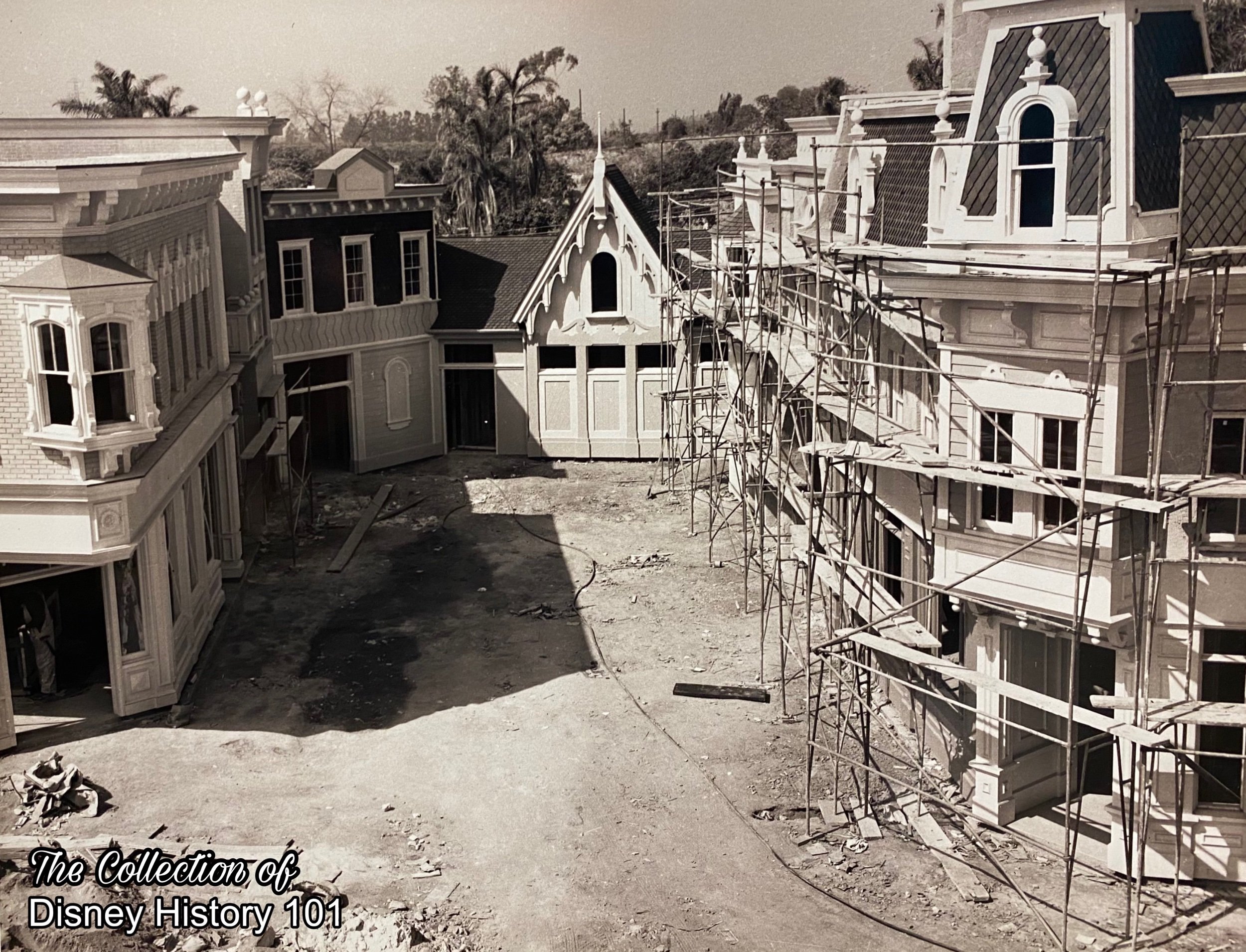
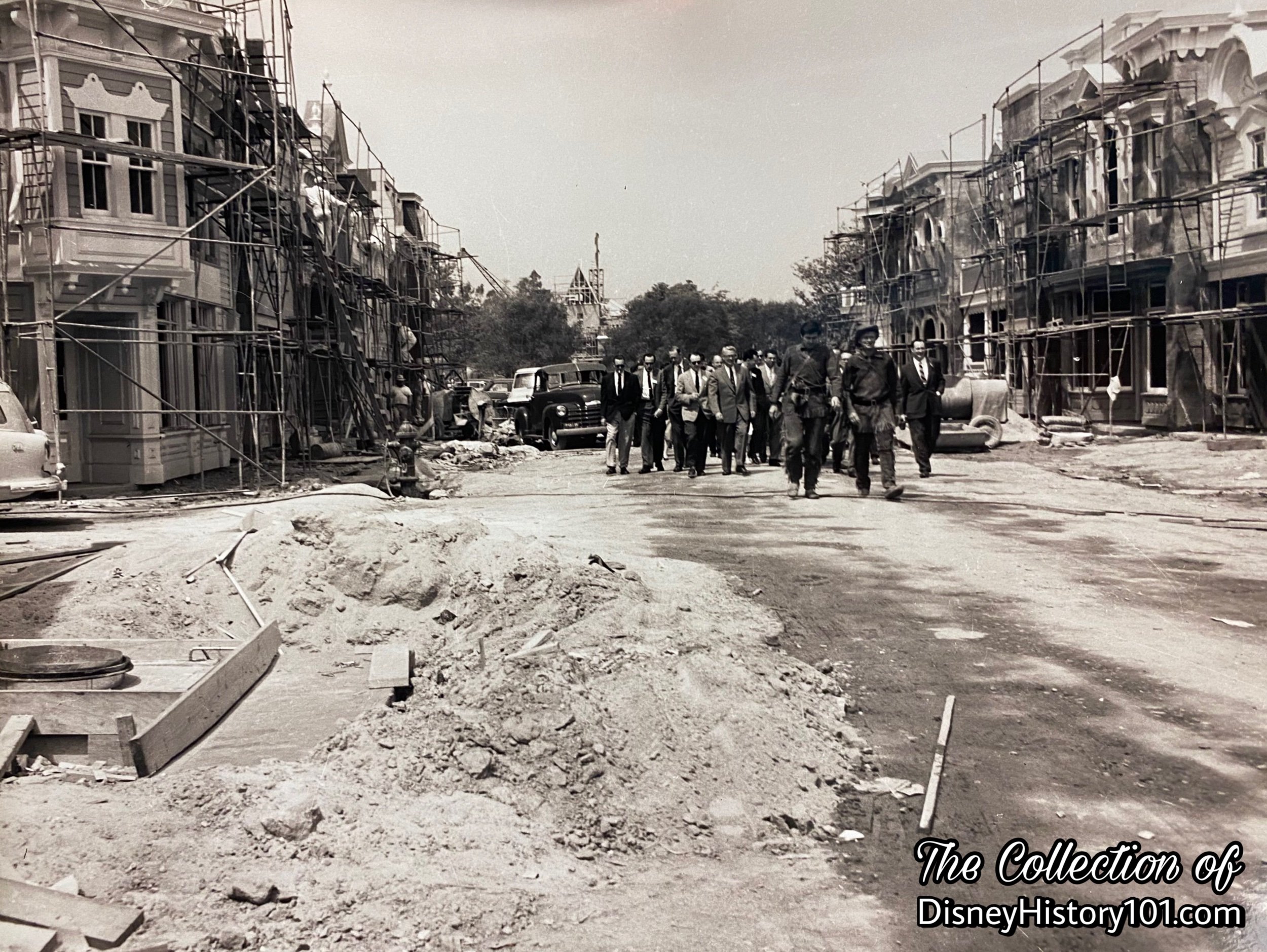
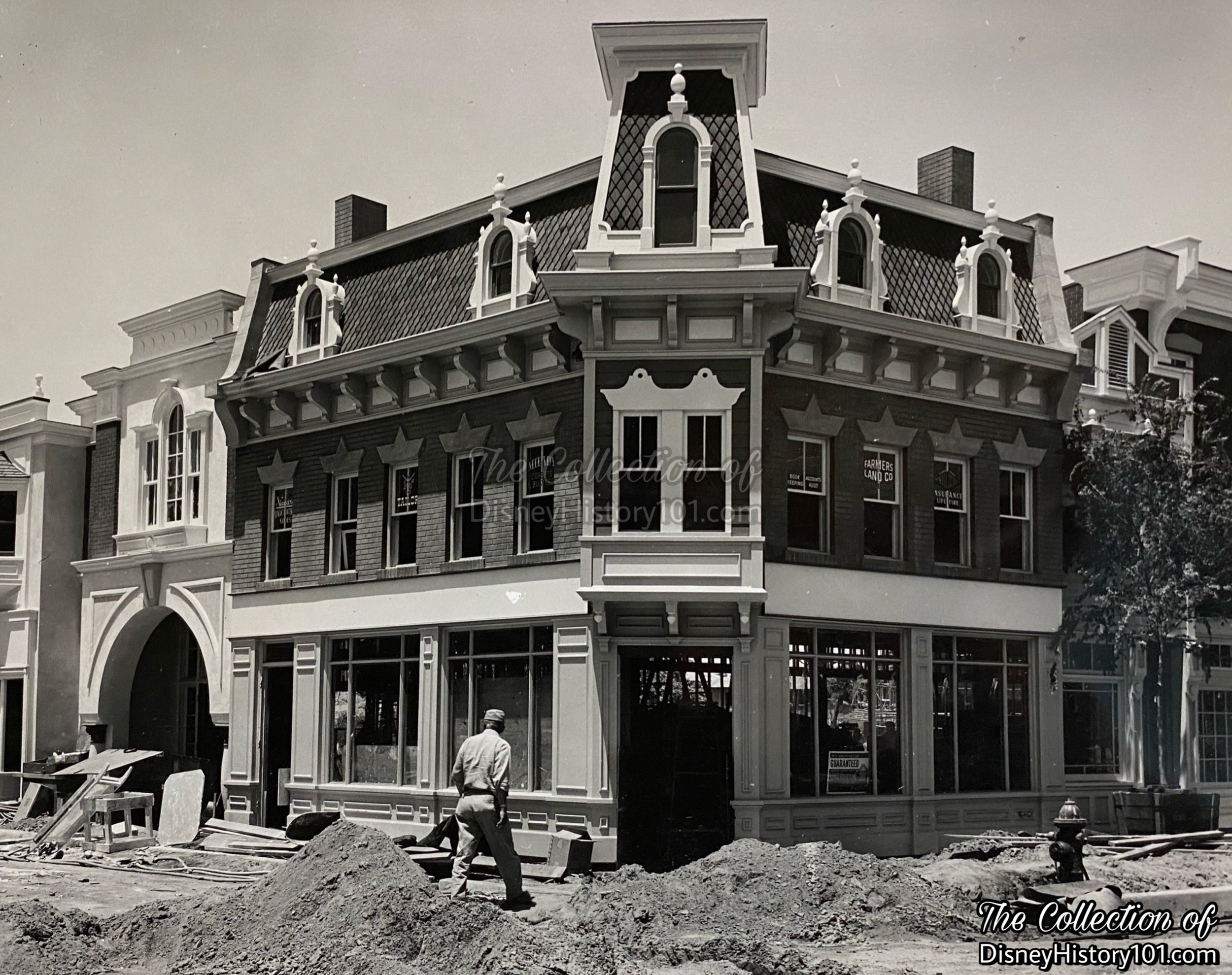
“When the giant earth-moving undertaking was completed, the building crews took over. Soon, the rat-tat-tat of riveters was shattering the air, and sparks were flying from welders’ torches as the steel frameworks, capable of withstanding the ravages of time and the elements rose above the newly formed ground. While carpenters hammered and masons laid row upon row of brick and stone and mortar, the permanent buildings began to take shape and form,” according to “The Disneyland Story” published 1955.
F. M. Franz, manager of operations for McNeil Construction expressed: "We feel sure there has never been anything built like this in Southern California, or elsewhere in the United States. Many of the items were constructed from artist’s sketches.”
First, a concrete foundation and slab floors were prepared, followed by wood frame construction (while store units would have a combination wood and rigid steel frame).
According to inserts published in area newspapers during July of 1955, Disney buildings were roofed by Pioneer Roof & Shingle Company (then located at 608 Mateo Street, Los Angeles, California; 7522 Westminster Avenue, Westminster, California). The roof covering was a variable, dependent on the architectural design.
The buildings (as each on Main Street U.S.A.) possessed complete fire sprinkling systems. By June 30, 1955, related Disneyland Site Work Fire Protection Utilities Plot Plans were prepared for Disneyland Inc., by J.E. Thomasson of WED Enterprises Inc.
King Electric Contractors performed the electrical job on site.
As of June 2, 1955, C.V. Wood Jr. sent an Inter-Office Memorandum to Walt Disney regarding the best estimates that could be obtained at the time regarding the status of individual sections of the Park and Opening Day. C.V. wrote: “Building #401 - Carnation: The best estimate available today is that they should be able to complete. However, it is going to be very tight due to the time required for fabrication of the fixtures.” By July 2, 1955, shadow gags were ordered. Painted signs, window, curtains, and shades were projected to be completed on time. The sound equipment was be installed, with completion of the tape recordings appearing to be fairly tight.
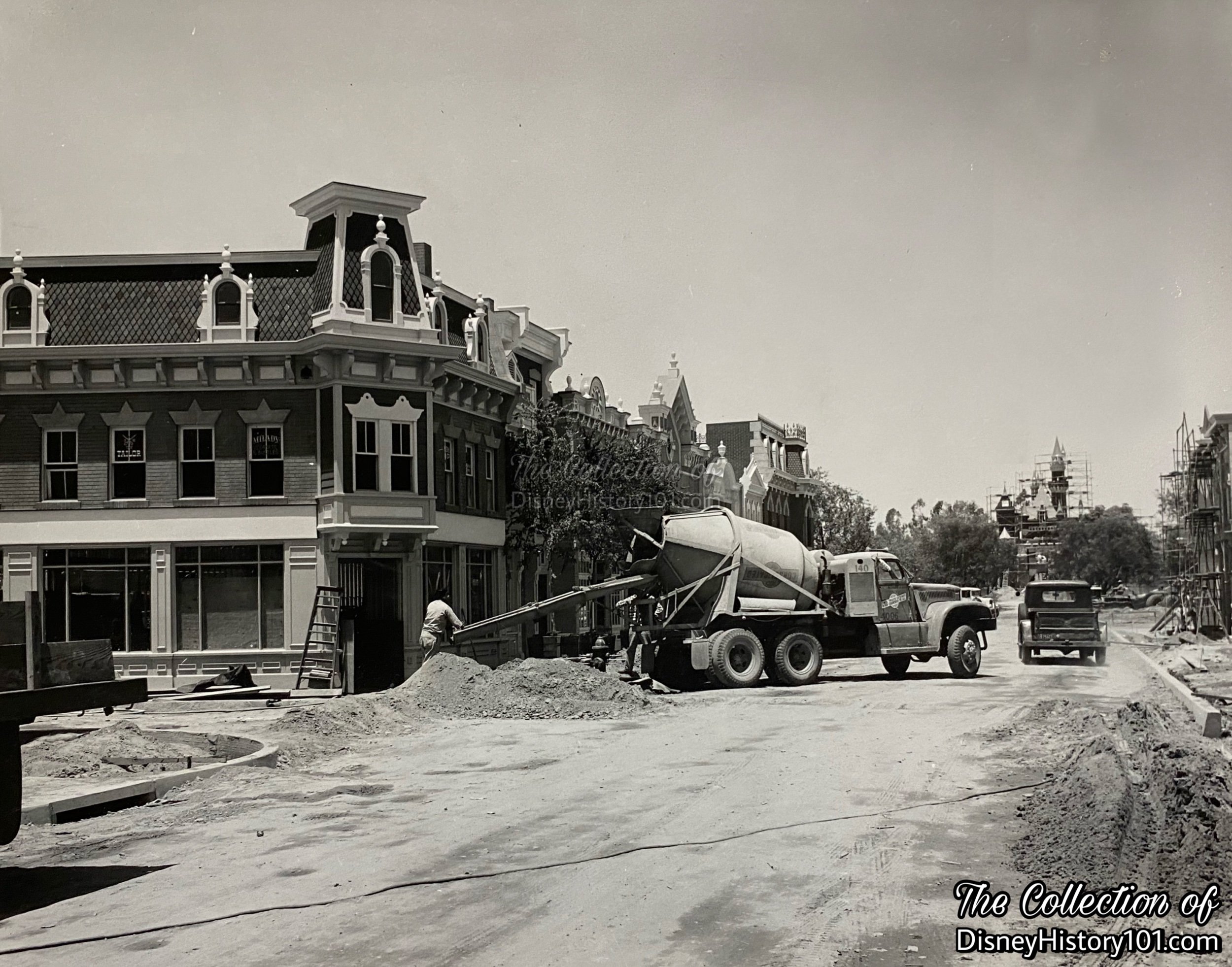
One of the first buildings to be constructed was the Main Street Opera House, which was used as the Mill. There, the woodwork of Disneyland (including the wood framing of the Main Street complexes and the Carnation exhibit) was generated - from the functional to the aesthetic! Soon work began on the 8,833 square-foot Main Street Building #400 (at the intersection of Main Street and West Center Street).

Larson Brothers Plastering Company of San Diego was a proud part of Disneyland. The company crafted the ornamental plastering and all brick used at Disneyland (including their amazing new plastered brick veneer).
The versatile Quikbrick (real colorful and textural brick applied like plaster) was about half the price of ordinary brick. It insulated, beautified, and was meant to “last a lifetime.” It was used on the facade.
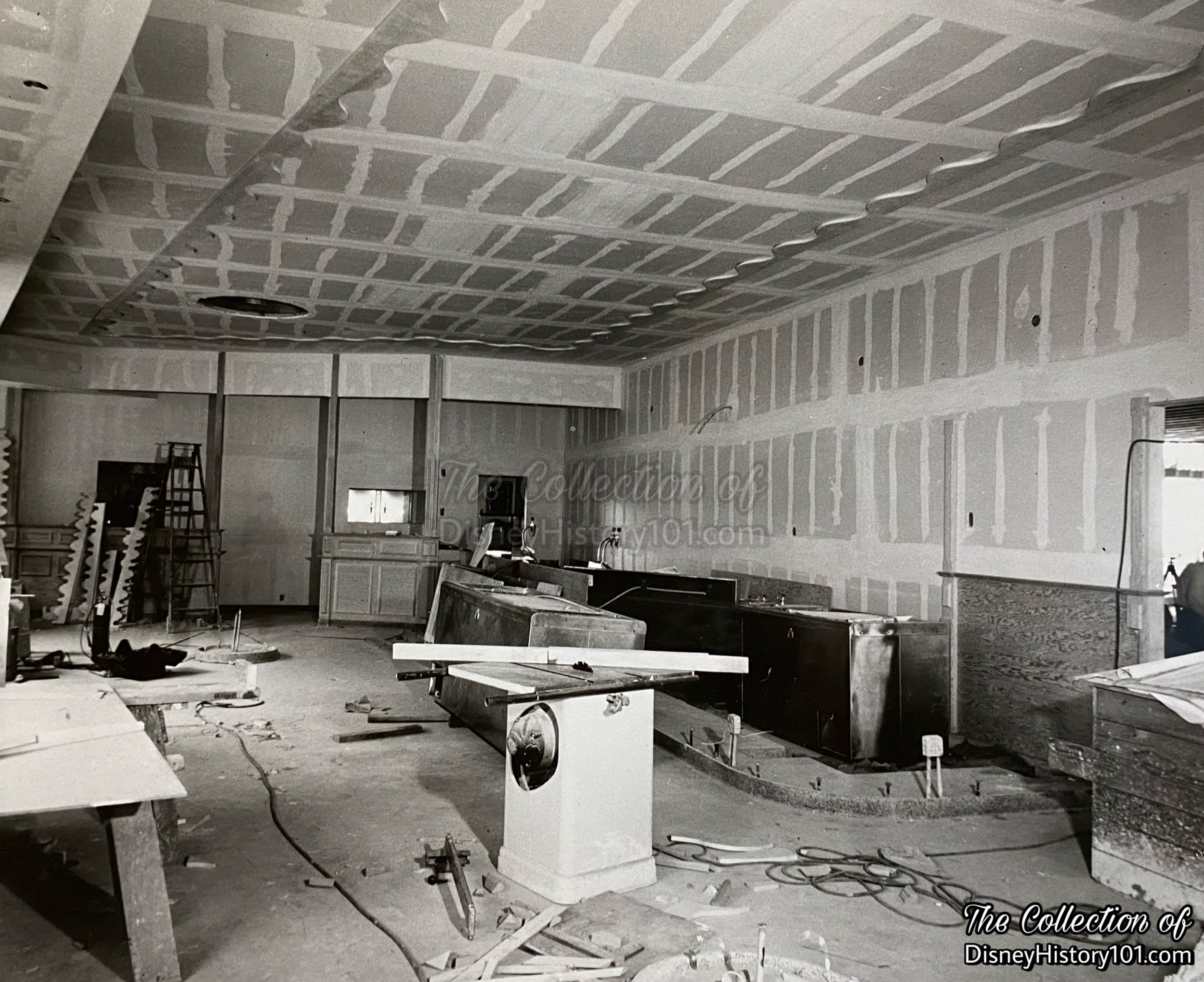
After construction of the building complex, work began on the 1,672 square foot Carnation Ice Cream Parlor and 274 square foot storage space). Only three weeks before the grand opening, its interior looked as if a hurricane had hit it. But soon, faithful decorative elements were brought in and installed, like diamond-paned-type windows. Under the guidance of Fresh Milk and Ice Cream's Southern California assistant manager for sales, C. J. Noell, Carnation Company's own unusual part in Disneyland was readied.
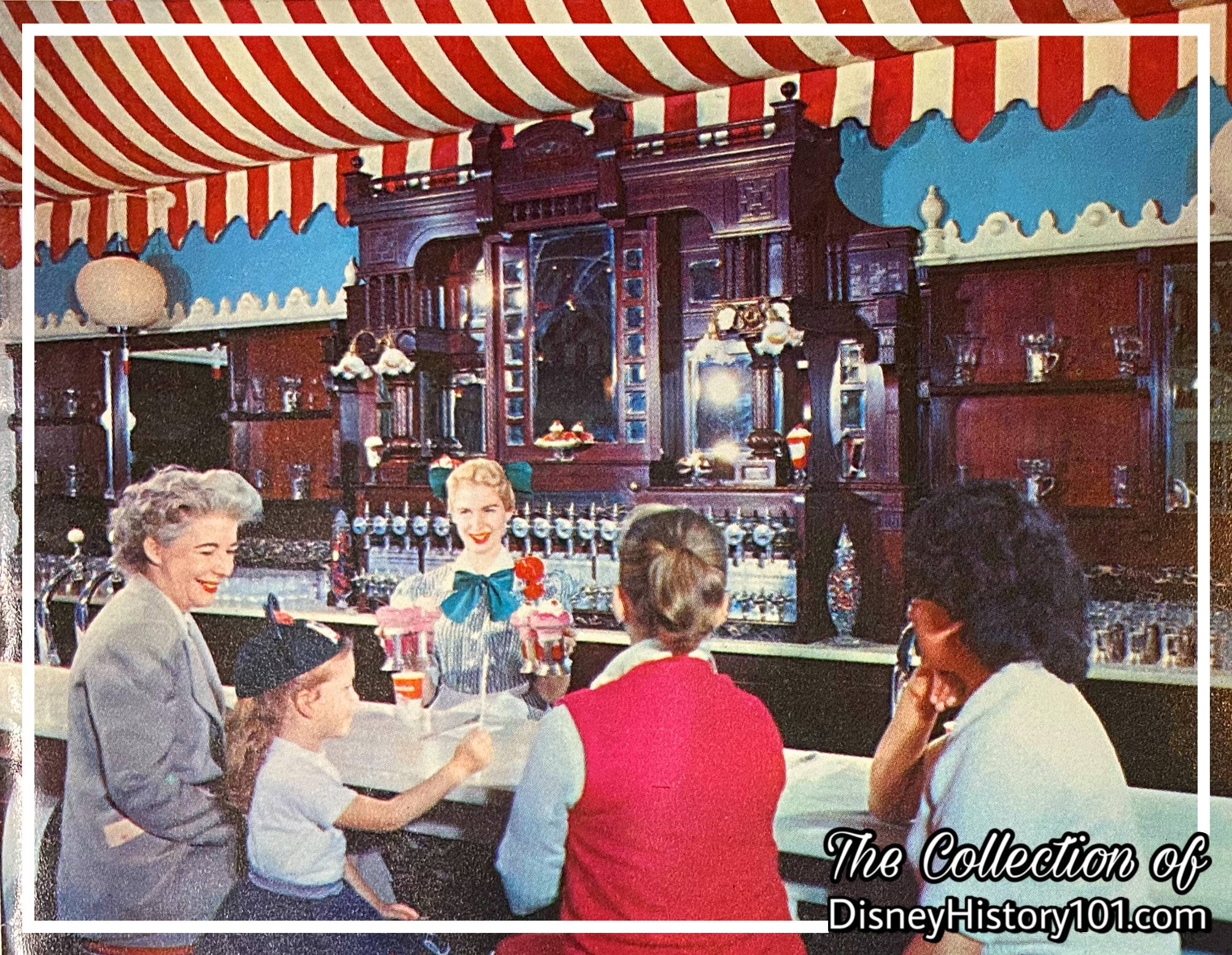
The restaurant was designed to handle a 77 Guest seating capacity. All fixtures were designed to give fast short-order service and placed in their correct motif. Wire backed chairs, wireframe tables, leather tufted seats, island benches, and the mirrored-back bar behind the carved marble fountain counter top are all authentic in 1890s design. Those circular island seats were decked out with planters and a sunburst-type the reflector for each light bulb being a poinsettia. Many light fixtures were authentic antiques and additional lighting was by Chinese lanterns. “25-watt clear glass lamps are used in specially designed fixtures that have the flavor of the past, and 100-watt inside frosted lamps are used in the lanterns.” All of these were under gay red-and-white candy-striped metal awnings inside.
To duplicate faithfully such an establishment, Carnation commissioned Dohrmann Hotel Supply Co. to supply the furniture and fixtures. Ostrander Manufacturing crafted the hardwooden furniture, and much of this fine (and beautifully crafted) carpentry was both performed and overseen by Cliff Carothers. The very same aforementioned publication references their contribution (though not by name) this way : “Cabinet-makers carved and painted the accurate reproductions that furnish the buildings.” Metal castings of hand-turned wooden valves and faucets were produced, and “mirrors were hand-cut and framed in the popular hardwood of the 1890s, Honduras mohogany.”
The bar was of Honduras mahogany embellished with hand-cut mirrors and ornamental lights, and black and gold Italian marble topped with snowy Alabama marble. The marble-top may have been crafted by Frank Silveri, a Santa Ana tile & marble contractor.
Special silver holders for soda glasses were to be used to further the 1890 theme.
Finally store-front signs give the appearance of Gay Nineties lighting but use improved equipment.
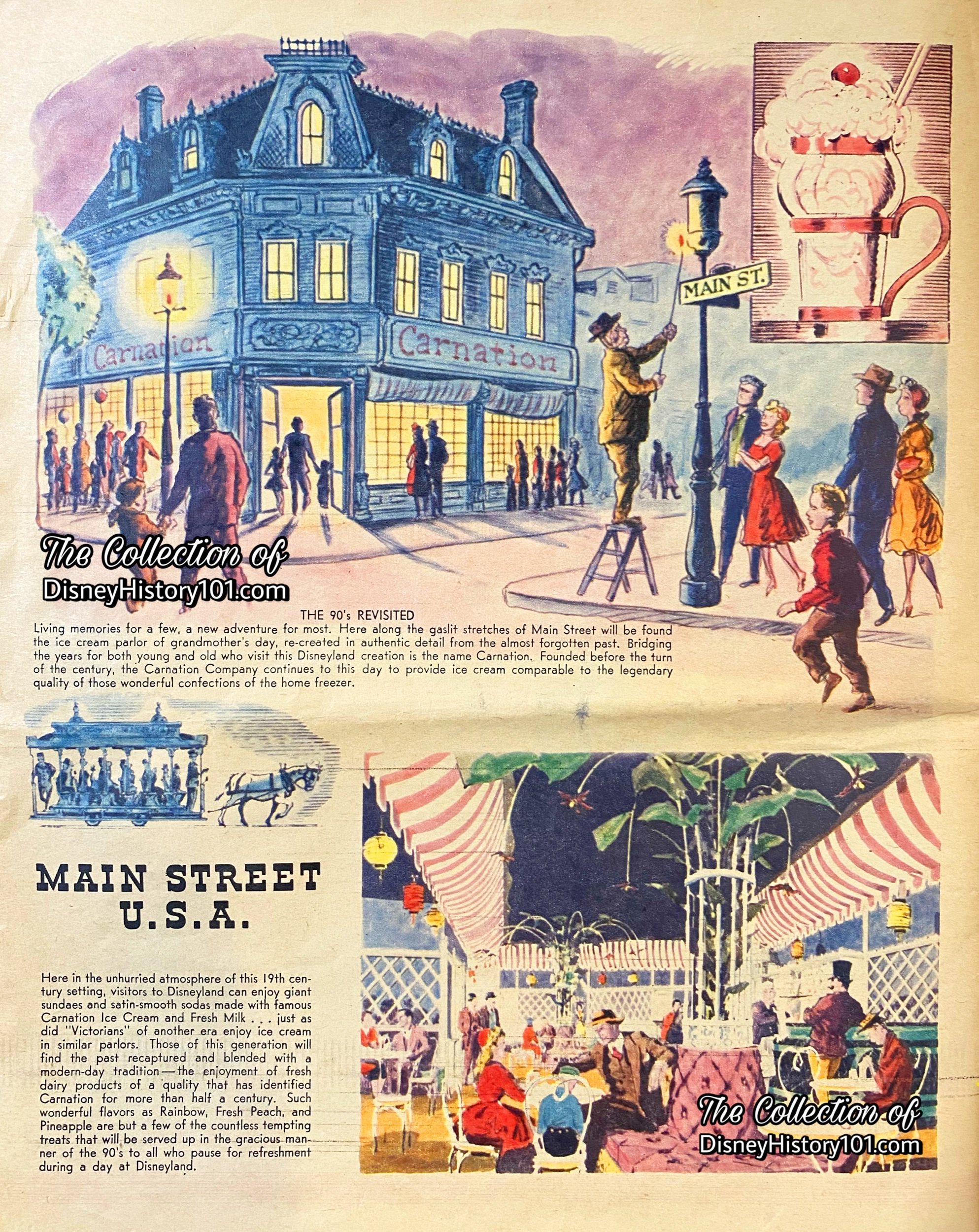
However, not everything about this ice cream parlour would draw back to mind grandfather’s day. The latest serving equipment featured valves and faucets turned out of wood and duplicated in metal to gain the appearance of originals of the period. The ultra modern kitchen measured 231 square feet full and completely arranged with the best equipment obtainable, including equipment from Hobart Mfg. Co. and a Waste King garbage disposal. It had a seven-foot griddle, reach-in refrigerator, work-pantry-table and automatic dishwashing equipment.
There was a sherbet dispensing cabinet and two special cabinets for ice cream cone dispensing. Under the counter was a modern marvel of 20th century technology - the Everfrost refrigerated 60-gallon two station stainless steel soda fountain unit (bearing a compartment and three temperature controls) that dispensed ice. There were two complete sets of draft arms, three separate temperature controls, automatic soda water carbonator, and accurately gauged syrup pumps to dispense accurate measurements of flavor into the sodas.
“Just about the only [other] thing that isn’t as it was over 60 years ago is the ice cream. It’s better than ever! In each spoonful of Carnation ice cream is the experience of more than a half-century in producing the finest quality foods.”
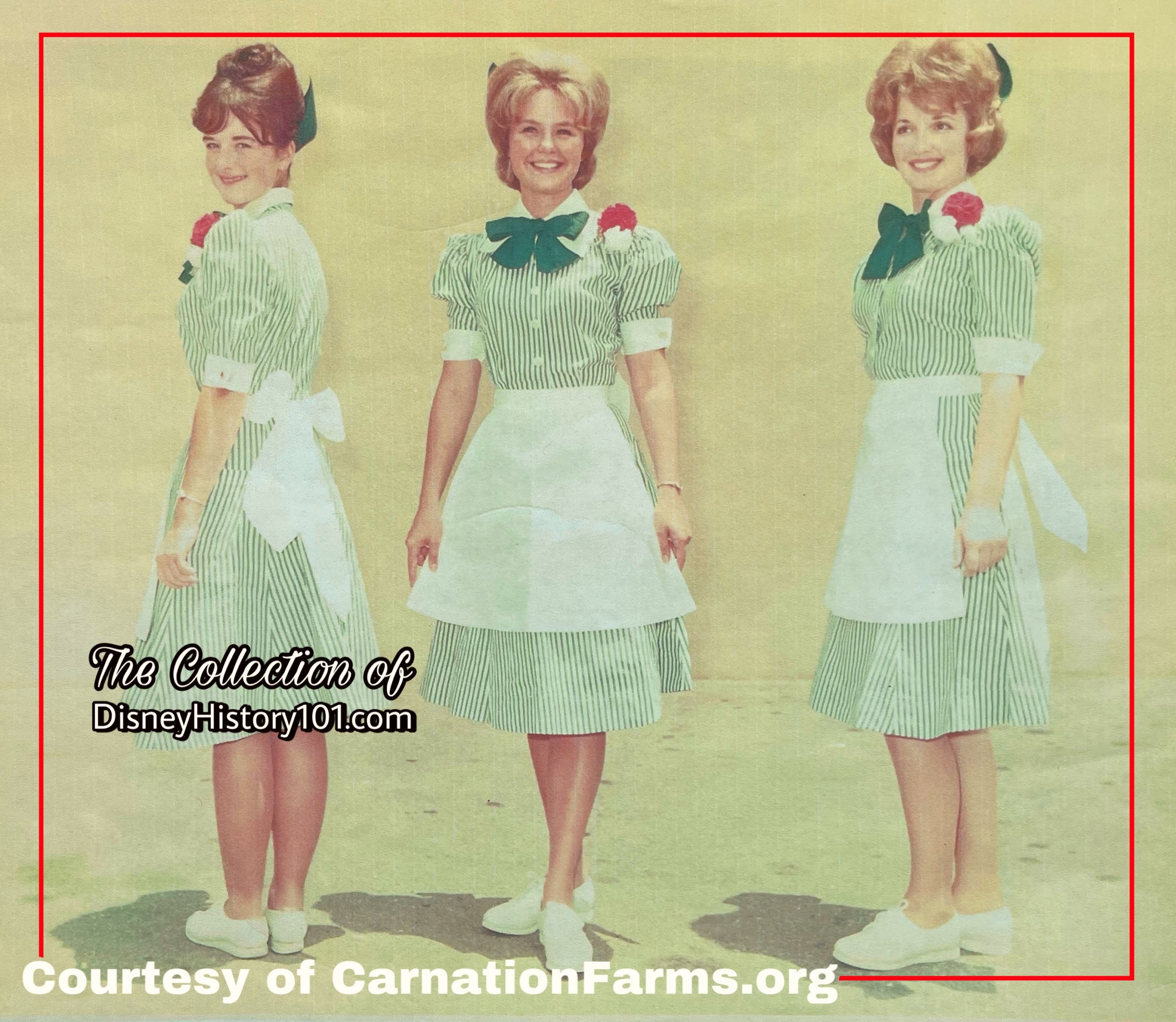
Waitresses wore specially designed uniforms combining present day practicability with 1890 style additions such as modified mutton leg sleeves. They were in green and white stripe and green tie and head bow, completed by a dainty square white apron. Some elements of the original custom (and authentic) wardrobe of Hosts and Hostesses were possibly provided by Warren Ackerman’s House of Uniforms (yes, “uniforms”), then located in Beverly Hills, California.
“Your Disneyland: A Guide for Hosts”, published 1955, reminded Disneylanders of a few simple rules of personal appearance: “We feel better when we look our best… Cosmetics should emphasize naturalness. Use only conservative nail polish and avoid heavily scented perfumes. Hair should be neat and well groomed. Hands and nails should be clean and well kept. If you wear a costume furnished by Disneyland, it must be clean and fresh at all times… Shoes should be shined and heels straight. The host should have a fresh shave and a neat haircut - both essentials of good grooming. Our Disneyland look should emphasize our natural good qualities, and our habits of neatness and cleanliness.”
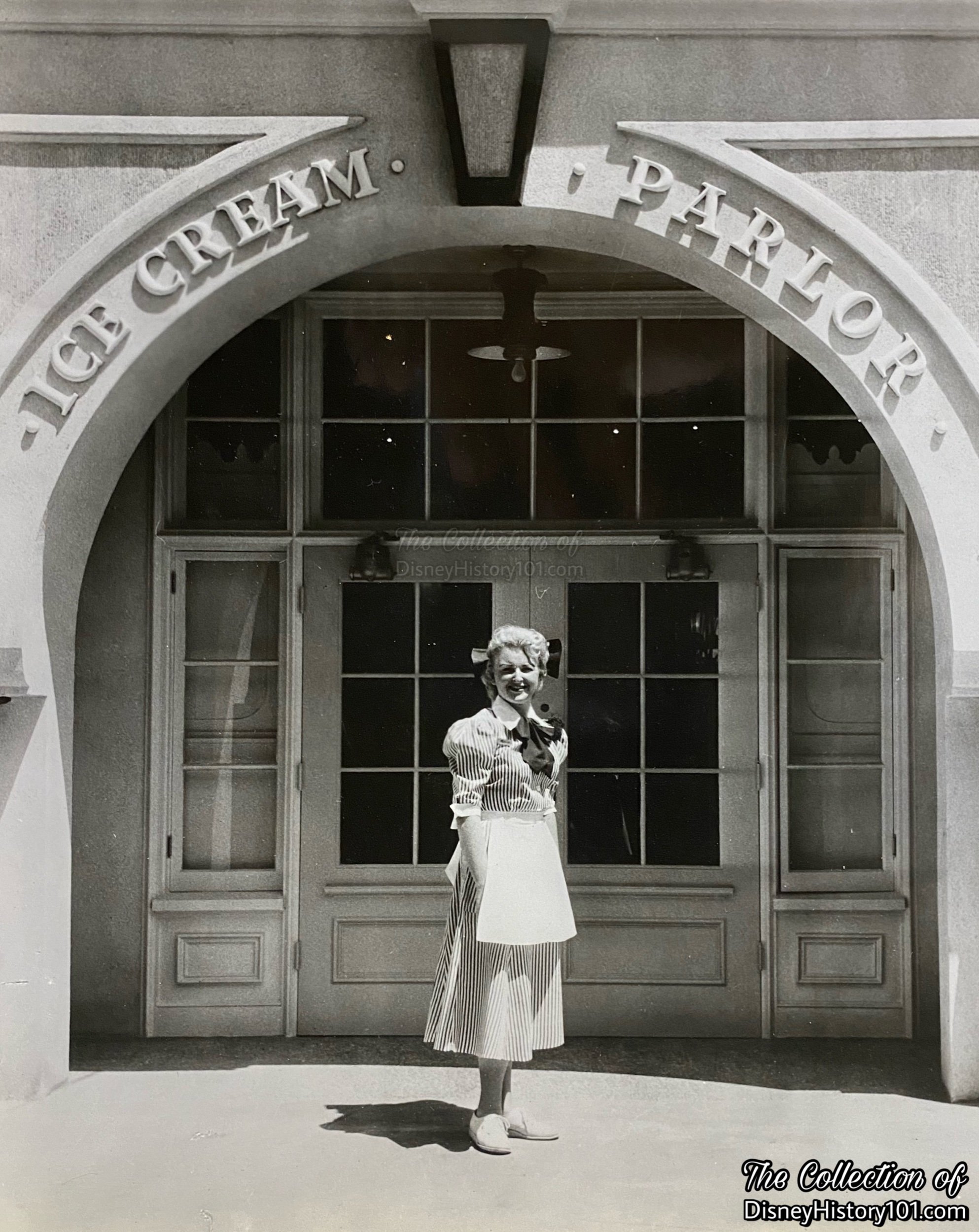
As far as those Disneylanders who would fill the wardrobe (and the roles) representing both Walt Disney Productions and lessees on a person-to-person basis, Walt later expressed the following confidence: “What you do here and how you act is very important to our entire organization and the many famous names of American business represented among our exhibitors… Your every action (and mine also) is a direct reflection of our entire organization… For our guests from around the world the curtain goes up on an all new show at Disneyland everyday and you, as a host or hostess, are truly ‘on stage.’ I know you will give a courteous and friendly performance.” Five months before the premier opening of Disneyland, Hal Hensley (of the Disney University Orientation Program ; under the Direction of Van France and his assistant Dick Nunis) held classes (which would become a Disneyland “tradition”). These classes would instruct some 1,200 Disneylanders (including those fulfilling roles at the Carnation Ice Cream Parlor) in some of Walt’s personal philosophies, as well as the policies which would “create happiness” for visitors! Despite their 1890 On Stage setting, Hal wanted to ensure that Disneylanders to “get a ‘new world’ feel about this place.” The result was that even at its foundation in 1955, Disney University was producing specialists in the field of outdoor theme entertainment.
The Carnation Ice Cream Parlor table service restaurant would be managed by Bill Slamina and overseen by Jim Baker of Disneyland, Inc. Waitresses (like Carolyn Moody of Garden Grove, Cal.) served Guests. Woody Woodworth was hired before the grand opening recalled: “You couldn't get too much to eat and the only place you could get a sandwich was Carnation.”
The 1,672 square foot restaurant was one of Disneyland’s eating facilities which was estimated to serve a capacity of 300 guests per hour (according to facts prepared by the Disneyland, Inc. Public Relations Department), and thus predicted to contribute to accommodating the Park’s overall potential of “15,000 persons daily, hitting a peak of 60,000 on holidays and week-ends.” The same documents predicted that Carnation Ice Cream Parlor would be one of “twenty restaurants and snack bars, capable of saving 8,000 hourly,” at least according to “Building A Dream” (prepared by the Disneyland, Inc. Public Relations Department).
As of June 2, 1955, C.V. Wood Jr. sent an Inter-Office Memorandum to Walt Disney regarding the best estimates that could be obtained at the time regarding the completion status of individual sections of the Park and Opening Day. C.V. wrote: “Electric Signs: All are in work - with the exception of the shoe store and the Bank of America, all will be completed.”
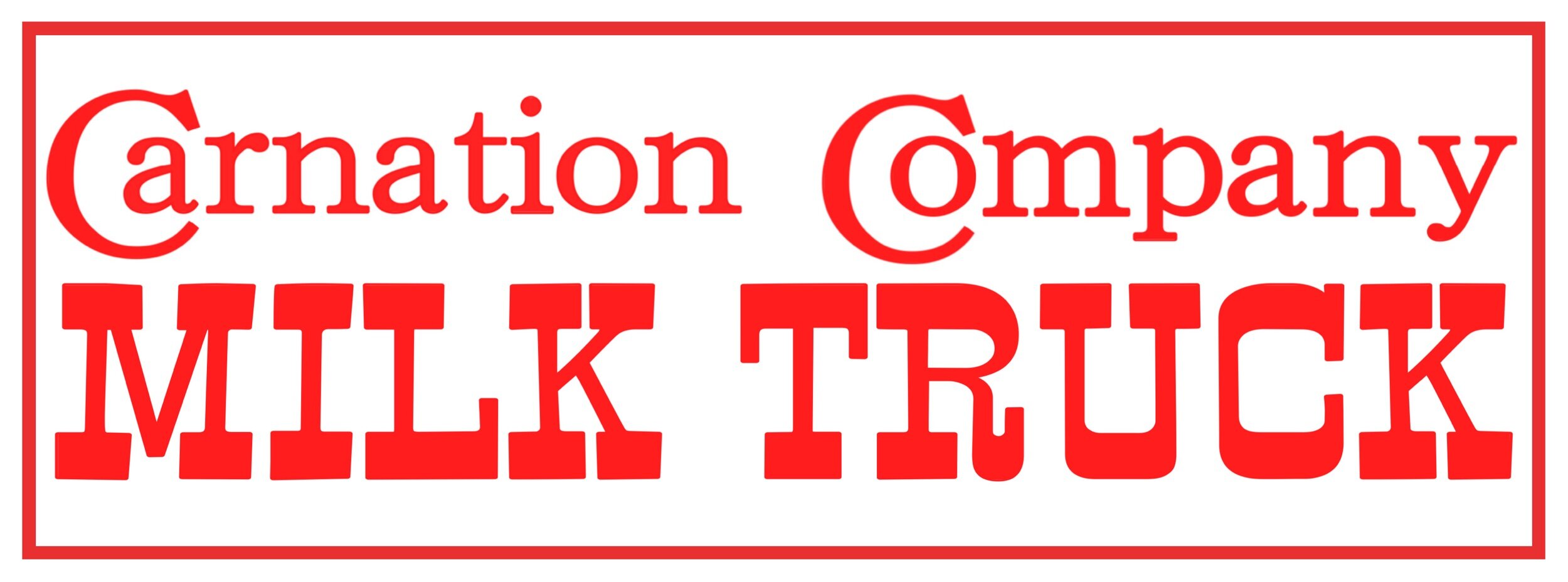
Since the beginning, a number of Main Street, U.S.A.’s antique vehicles were a nostalgic reminder of “the good old days” of product delivery to small towns across the U.S.A.! Disneyland sponsors Swift & Company and Bekins had their Horse Wagons, while Global Van Lines and Carnation Farms would have their trucks. While early articles suggested the truck would be used for deliveries around the Park, the old-time Carnation delivery truck - complete with horn - would come to be displayed outside Carnation Ice Cream Parlor, as a favorite picture-taking prop.
Some have wondered : “Why did Carnation Farms choose a truck (rather than a horse wagon) to represent their free exhibit at Disneyland?” According to an article published one year after the vehicle’s debut, “Anticipating that the demands of a warm summer day might exceed their available in the store supply of ice cream, they contacted the Disneyland management and suggested some sort of delivery service be arranged to the store from their off site facilities. A modern day truck would clash with Main Street’s 50 years ago flavor.” It was believed that a Carnation GMC truck (similar in style to the one that made the first Transcontinental round trip from Seattle to New York, and back to Los Angeles in 1916) would best represent the company before Guests that would remember this tremendous feat!
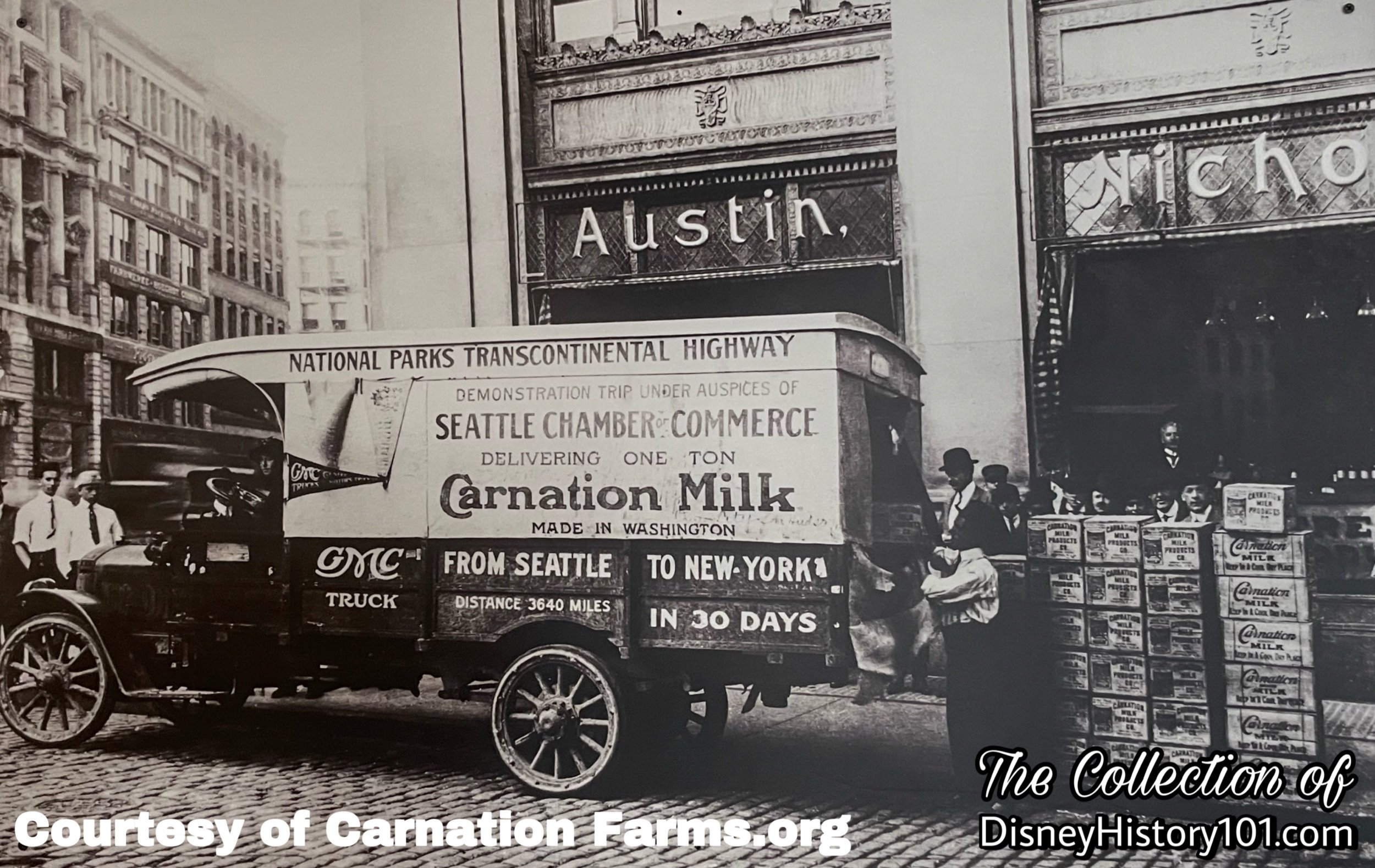
According to Walt (in interview with Bob Thomas (of Associated Press), “We have built nearly everything from scratch. When you buy old cars, trains and boats, you have a terrific upkeep problem.” And so, “the assignment to build a special truck was given to Bob Gurr, young mechanical wizard of the Walt Disney Studio Construction Department. Bob, who had already met a major challenge by designing ‘the car of the future’ for Tomorrowland’s Autopia, was more than equal to designing a ‘car of the past. The idea that a car of that vintage, in suitable condition, might be found was quickly discarded.”
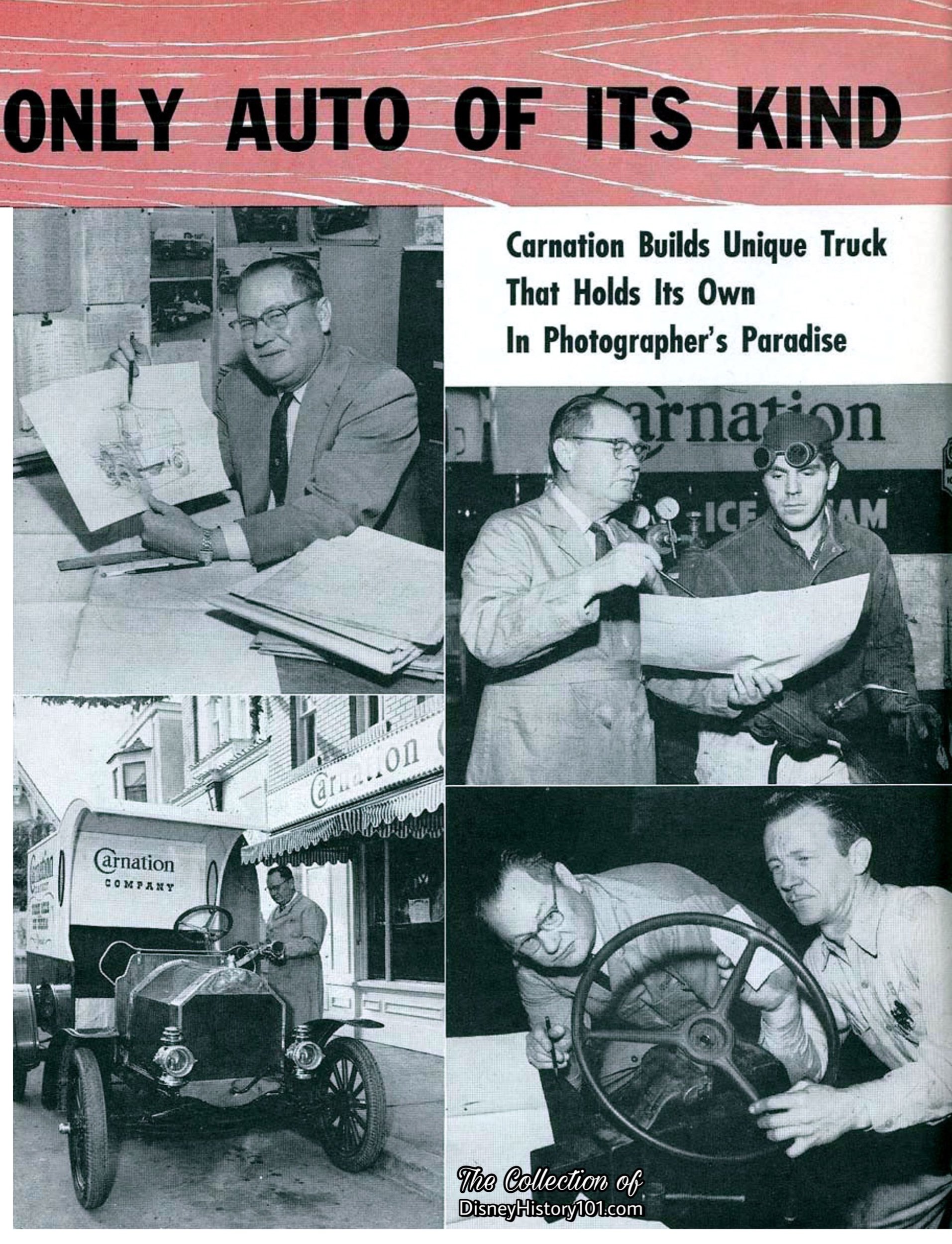
As the Carnation Farms Delivery Truck was reckoned a Horseless Carriage of WED, Enterprises’ design, it shared many similarities with some of Main Street’s other vehicles, while it was also the “only auto of its kind.” According to “Main Street Vehicles”, published 1966 by Disney University, “The Horseless Carriages are sometimes called the ‘1903’s’, but you could pick any year - 1904, ‘05, or ‘06, and be just as accurate. These little cars are of WED ‘composite’ design. On the basis of extensive research, Studio designers created a horseless carriage which was a composite of the design and size of many gas-driven cars of that early period in automobile history. And our Horseless Carriages are a little bit of everything. The two-cylinder engines are actually not auto engines, but have the horsepower, the sound - and even a slight case of the shakes - as did the originals. WED designers selected today’s most efficient two-cylinder water pump engine. Some of the external parts, such as lights are authentic.” Some of these same things ring true with the Carnation Farms Delivery Truck.
The Carnation Farms Milk Truck was designed by the legendary Bob Gurr to be a reproduction of the delivery trucks used by the Carnation Company from 1910 to the 1930s. Certain elements were patterned after particular vehicles, like the “1908 model car Ford” which inspired the design of the “high fenders, running board and hood,” according to a Carnation Company Press Release document dated July 17, 1955. “Carnation’s crew also constructed its ‘special delivery’ body from 1890 era designs.” However, a full-scale truck would have certainly looked very strange. So, this mobile (and free) Disneyland exhibit would be both designed and fabricated at a “3/4 scale” (according to Carnation Company Press Release), so as to not clash with the 5/8 scale of Main Street U.S.A.’s buildings.
Similar to the design of the Horseless Carriages, the Carnation Farms Milk Truck was to be of “composite design” in this regard. Bob went on to design “the body by following guidance provided in his old automobile book Antique American Cars by Floyd Kramer. He also sought out old automobile magazines in the studio’s library,” according to “Eat Like Walt - The Wonderful World of Disney Food” by Marcy Smothers. Then, a “2-inch stack of engineer drawings” was delivered to Ray Groom (FM and IC division fleet superintendent) and Frank Renta of the Carnation Company’s Glendale metal-working and service shop (in Los Angeles), which was located not too far away from Walt Disney Studio in Burbank.
The project began with an early 1931 Ford Model "A" chassis, which was “shortened with axles and frame altered to fit.” Next, both hand-made reproductions and antique stock parts were acquired. Both the stock and “hand-made parts… [were] checked against specifications by Groom and Frank Renta,” according to Carnation Magazine (March-April, 1956).
Many Ford Model “A” and Ford Model “T” parts (like Model T wheels, and a Model “A” four cylinder motor) were utilized for the moving exhibit. For instance,“special two wheel brakes were built by Groom’s mechanics to more modern standards for greater safety.” A Model “A” motor block was rebored. According to the Santa Ana Register (published July 15, 1955), the truck (following Bob Gurr’s designs and Frank Renta and Ray Groom’s specifications) also featured “a special panel body, brass headlights and radiator, high pressure tires, tufted leather upholstery”. “The cherry wood dashboard, fenders and hood were hand made ; and the lemon wood steering wheel, salvaged from a 1902 vehicle (Buick) , was rebuilt to fit,” according to one Carnation Farms Press Release (July 17, 1955). As a “sidelight,” a photograph published in Carnation Magazine (March-April, 1956) depicted Ray Groom and Carnation Shop Foreman Dean Klippert sanding the lemon wood steering wheel from the 1902 vehicle.
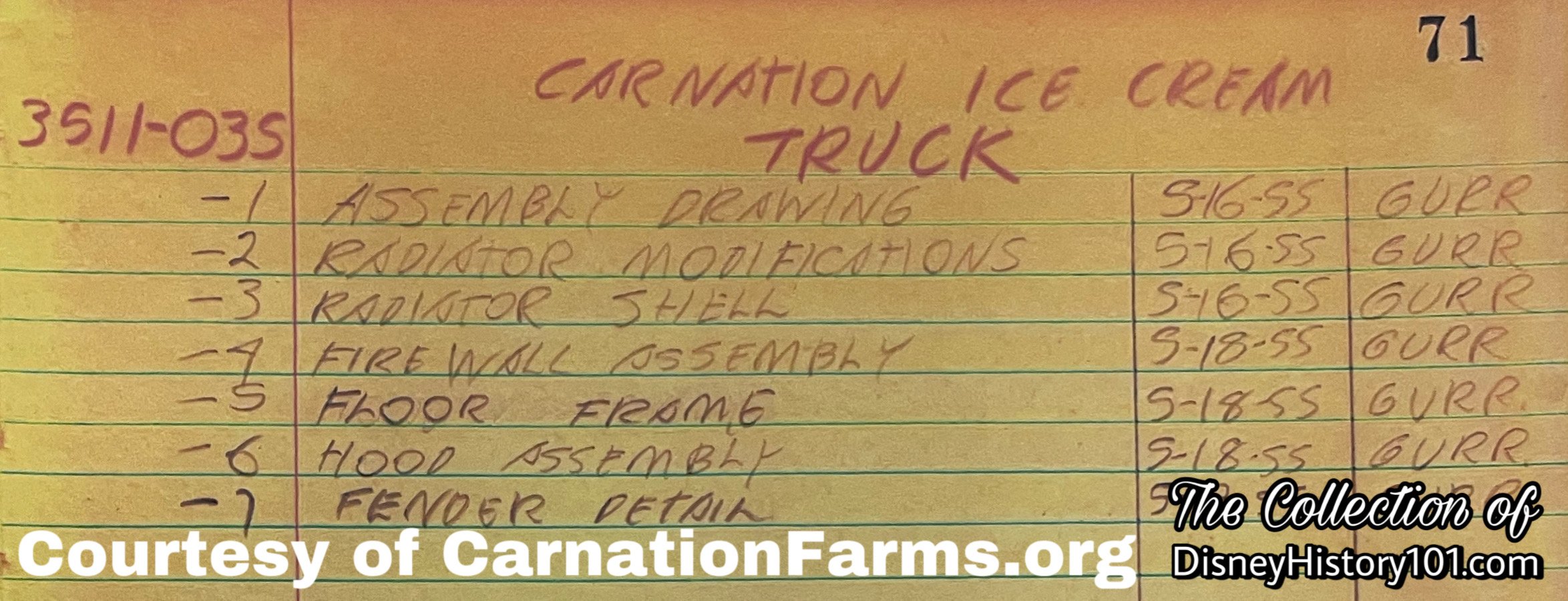
Other parts were also salvaged and modified. According to one newspaper article (“Main Street Dilema - Ice Cream Delivery Poses Unique Problem”), “The steering wheel was adapted from a [sic] 1902 Buick and the brass headlamps… [were] from another car of the same era.” Yes, a “month’s search produced these coal oil brass headlamps found by Groom in [a Los Angeles area]… antique shop ; the bulb-type horn came from a [Altadena] Horseless Carriage Club Member.”
The Press Release document adds : “Also authentic and hand-made, gas and spark controls, radiator and dummy coil box. Old fashioned hand rails, head lamp brackets and crank were reproduced in brass. In keeping with tradition, a leather thong to secure the crank, was made.” The vehicle also had brass headlights and radiator and high-pressure tires to match the Main Street decor.
One final detail gives homage to the exhibit’s creator. “An amusing sidelight of the construction of the Carnation Delivery Wagon concerned its naming. Affixed to the exterior radiator shell is an oval brass plate describing the machine as a ‘Gurrmobile,’ after designer Gurr. When casting about for a name for the machine the Carnation people heard the story of how Bob had been kidded during his school days by classmates because of his habit, during otherwise dull lectures, of drawing automobiles on his notebooks. At the time, the story goes, Bob was accused of attempting to design his own car and the name his fellow students gave to his doodles was the ‘Gurrmobile.’”
After “eight weeks of determined shopping and careful, loving workmanship to build the Gurrmobile,” the Carnation Farms Milk Truck was ready (and parked Backstage near Tomorrowland Lake) by the time that the LIFE Magazine photographer arrived to take pictures for the soon-to-be published pictorial. Press Releases (for Immediate Release on July 17, 1955) divulged every detail of the vehicle.
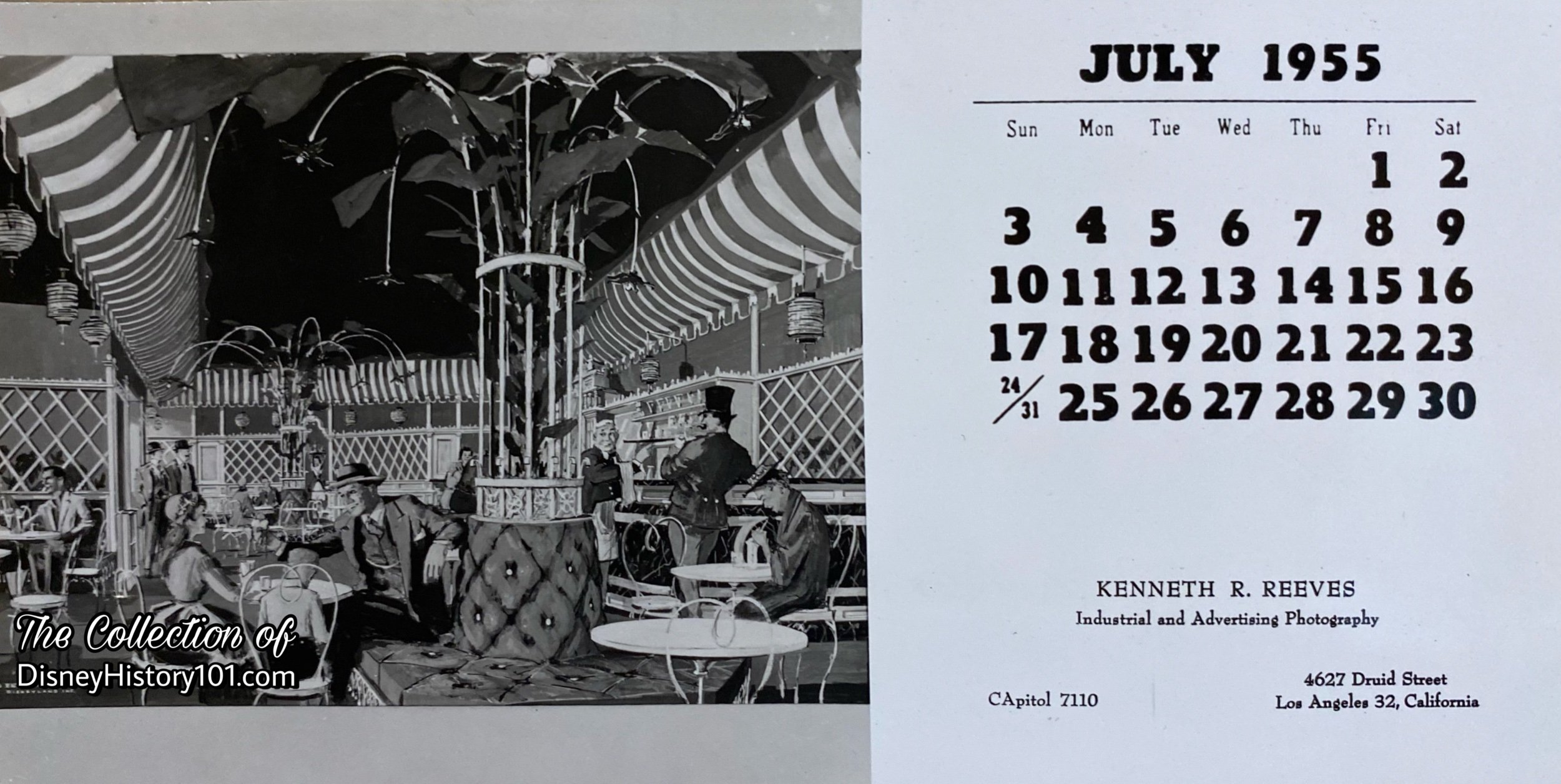

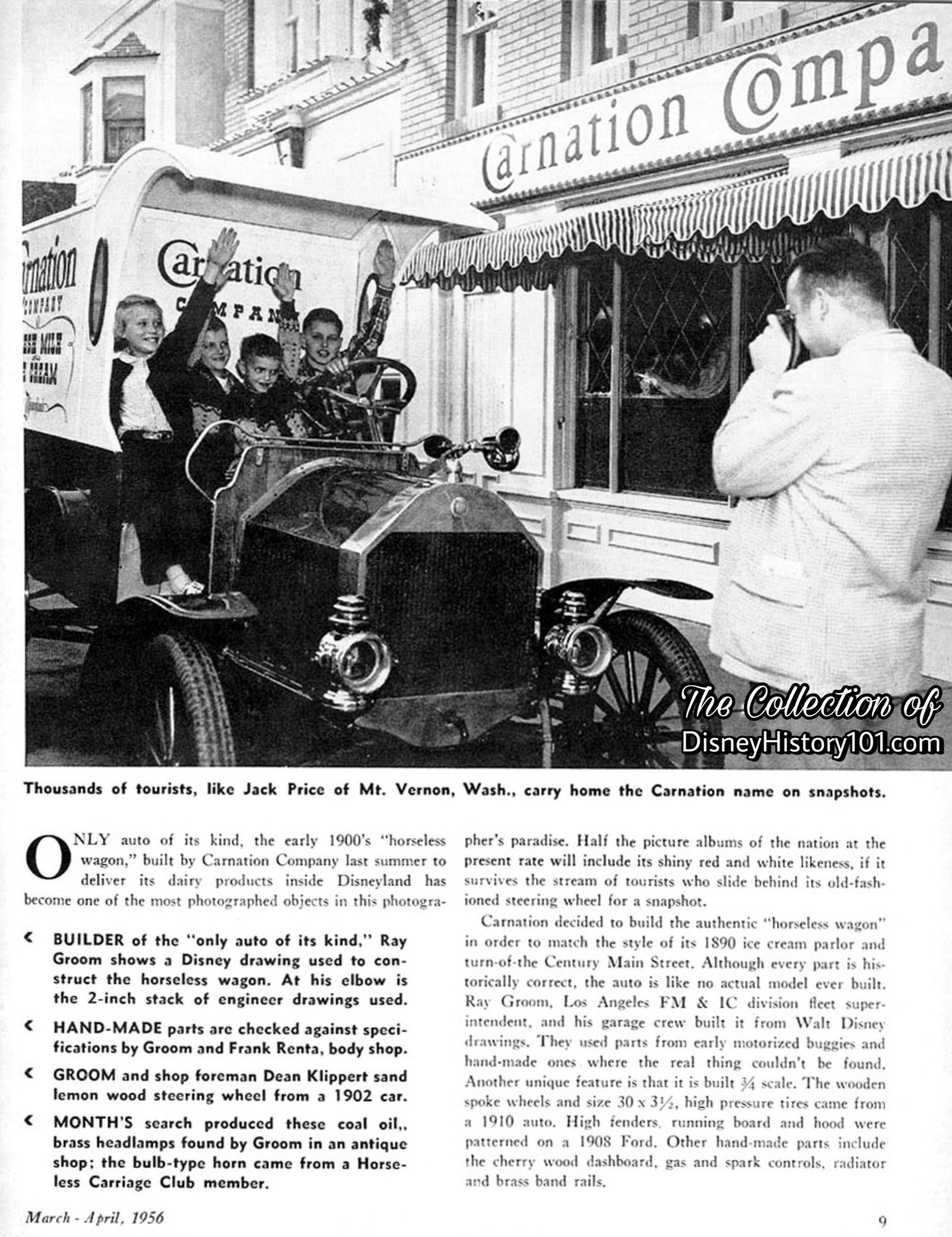
Very soon, the Carnation Farms Milk Truck made its way down the turn-of-the-century thoroughfare, for the Press Preview Day Parade held on July 17th, 1955! However, due to a limited amount of time and the placement of the Carnation Truck (at the very end of the parade), it was not seen by television viewers.
After this, the Carnation Farms Milk Truck frequently appeared parked on Main Street. The Carnation Farms Milk Truck would go on to become one of the most photographed of the Disneyland exhibits! “The Carnation Wagon was an instant hit from day one, though Walt had one objection: the plaque behind the driver’s seat read CARNATION. Walt knew hundreds of pictures a day were taken of kids sitting behind the wheel, so he had it replaced with one that said DISNEYLAND,” according to “Eat Like Walt - The Wonderful World of Disney Food, by Marcy Smothers. By the time this took place, guests had already taken countless photographs in front of the old plaque (testifies to in the following Vintage Views).
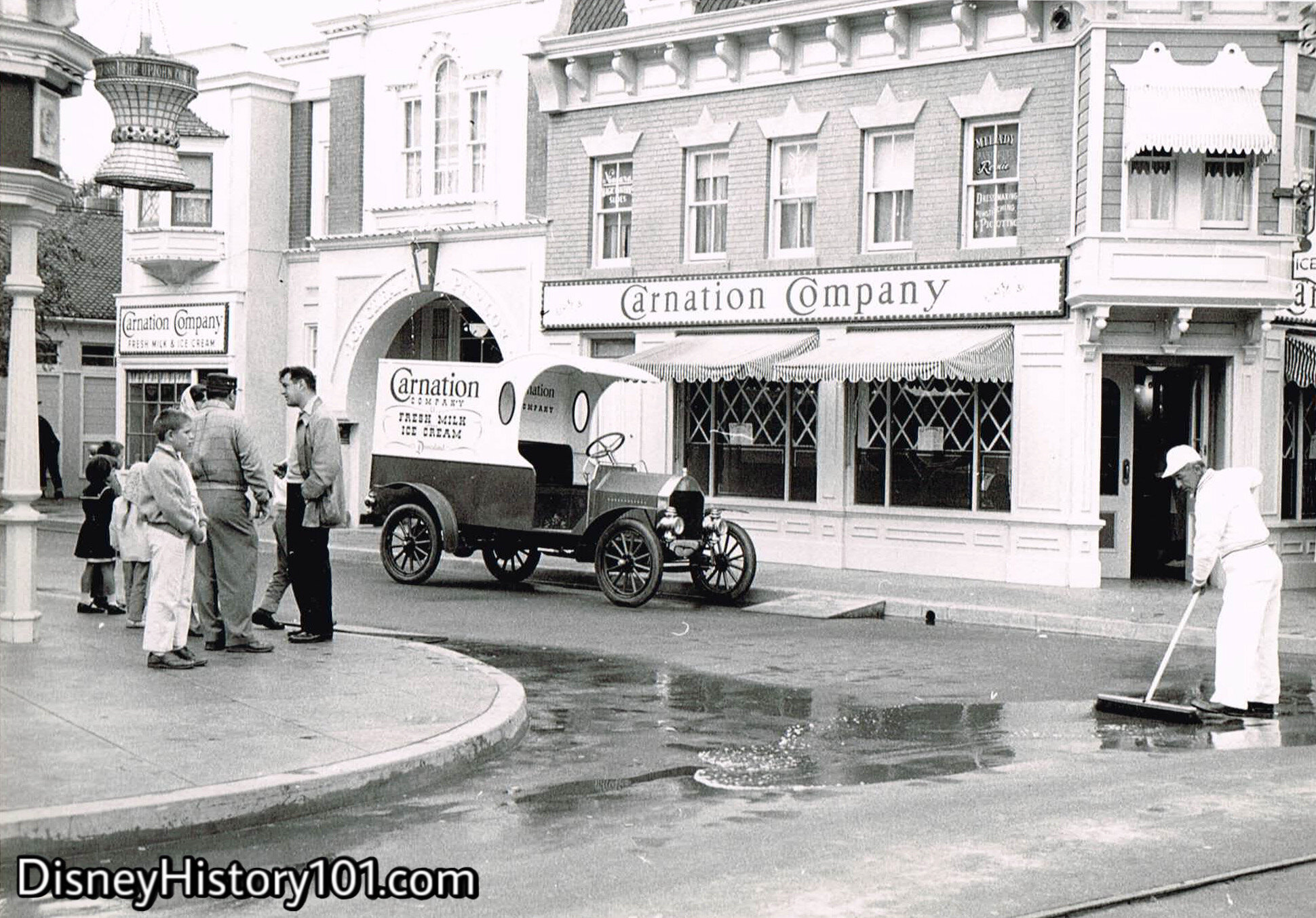
The morning is damp on Main Street U.S.A., and as the last of the water is brushed away by Custodians, guests begin to make their way toward the shops and restaurants. Accessible ramps have been laid down and the doors have been opened. It’s time to welcome guests at the little Carnation Cafe on the corner!
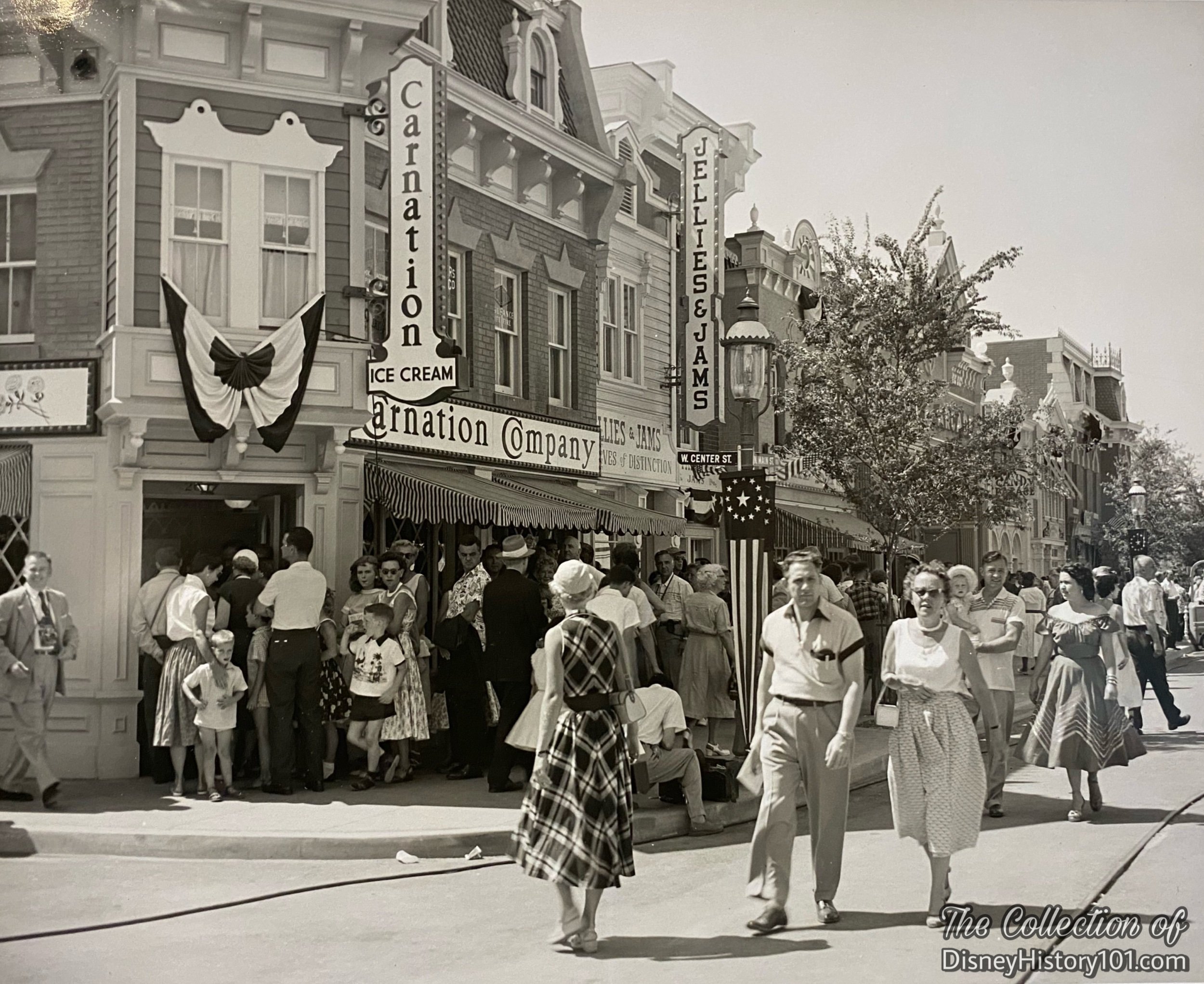
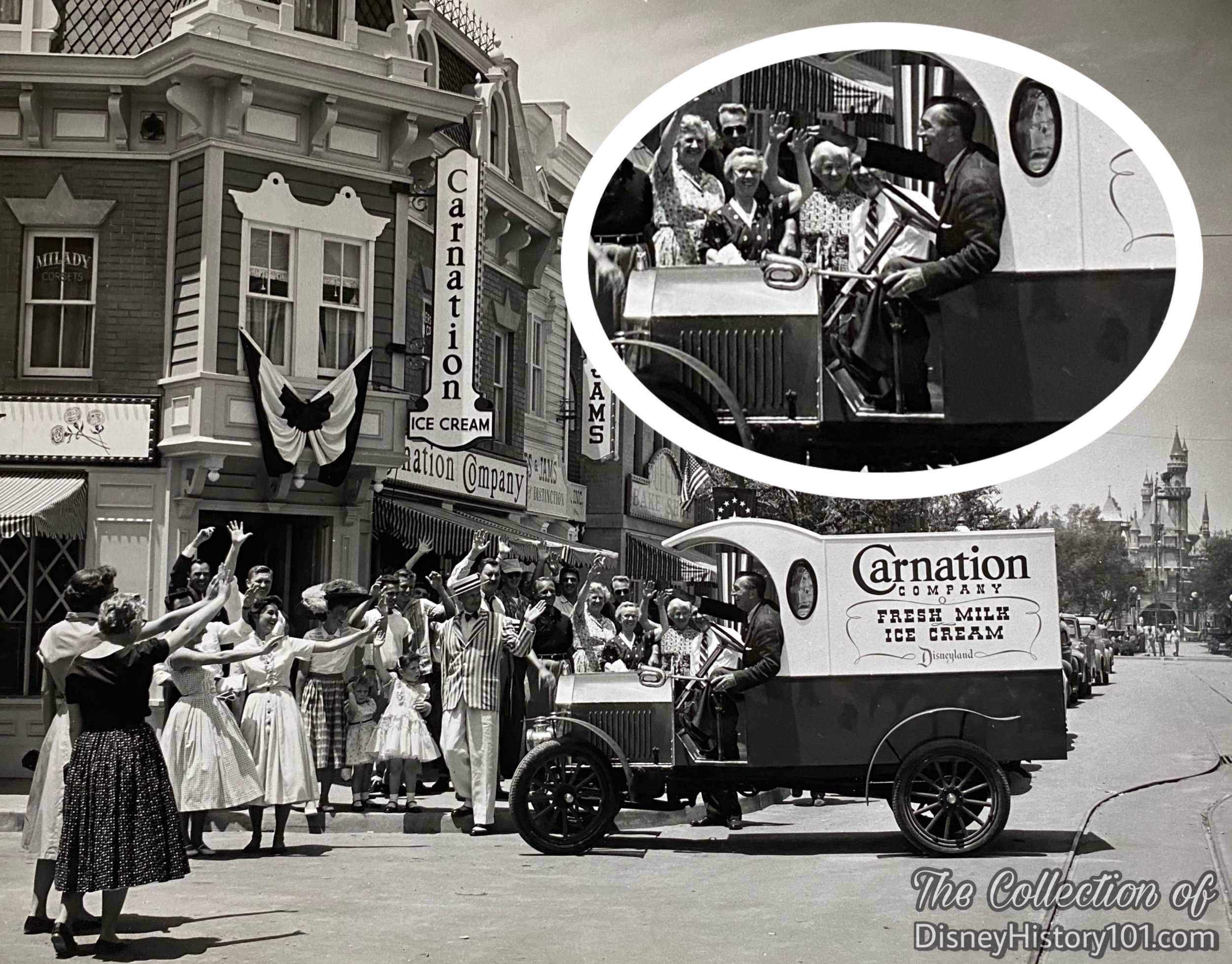
The following day (July 18th), the Carnation Company invited specific members of the press and their families to be their “special guest at their Ice Cream parlor located on Main Street.” It appears that the big Grand Opening Ceremony was initiated when Elbridge Hadley Stuart Jr. (the grandson of the Carnation Company’s founder) and Walt Disney drove the Carnation Truck down Main Street U.S.A., arriving at the shop and“unloading ice cream and milk from the vehicle.”
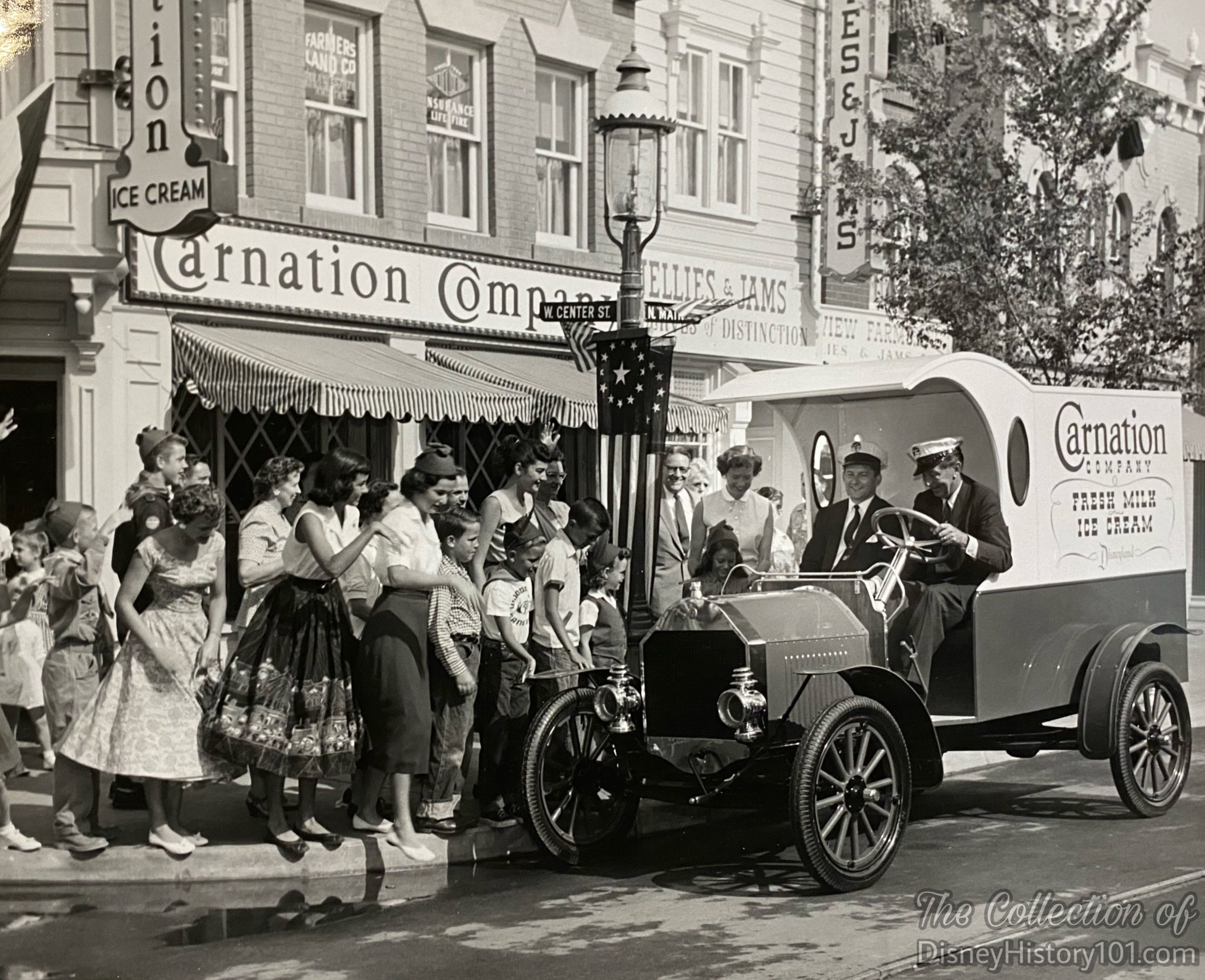
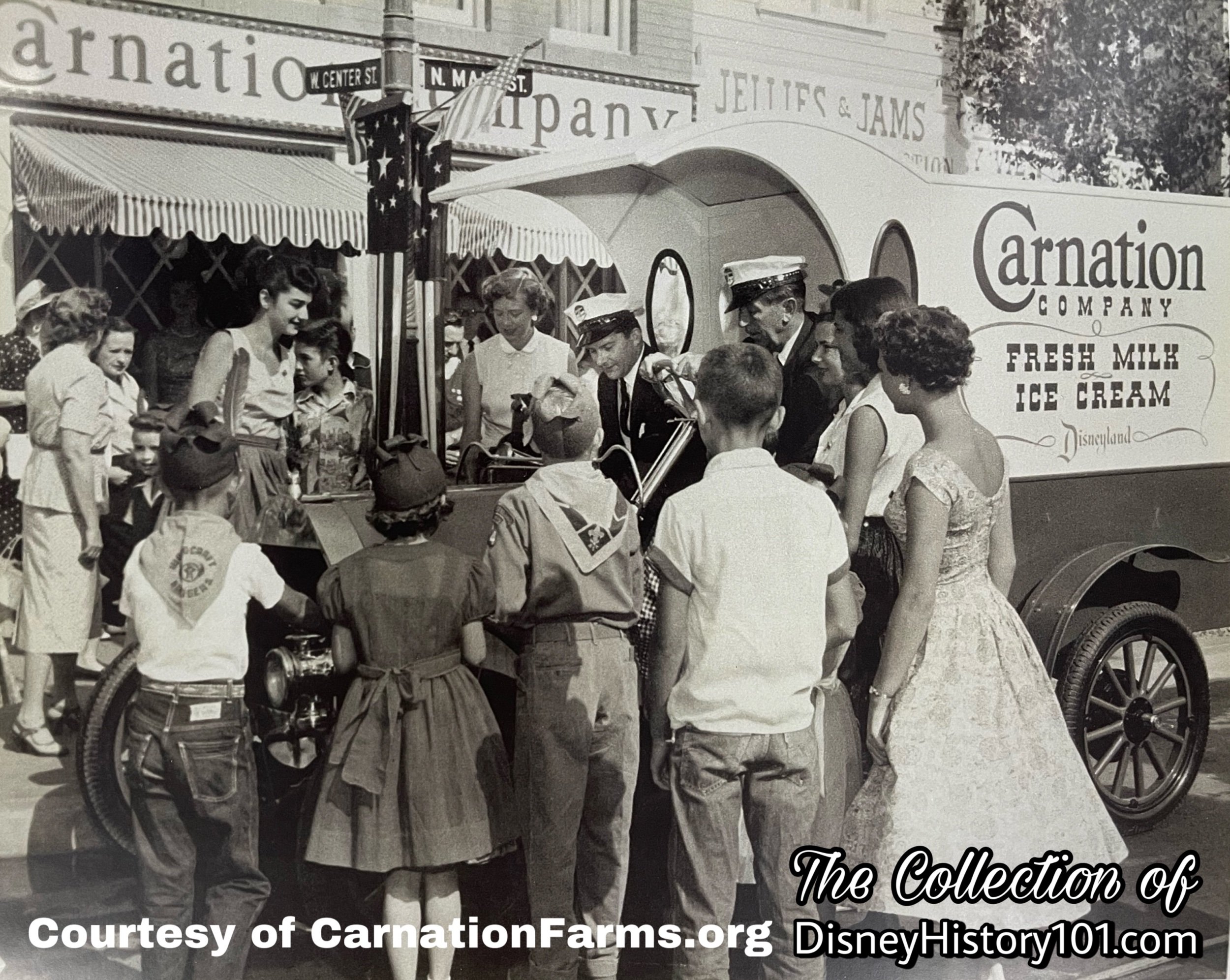
According to Elbridge Hadley Stuart Jr., driving the Carnation Company Truck required much skill and great care, watching for both guests and the rails of the Main Street Horse Drawn Streetcar (in which the truck’s wheels had a tendency to get stuck). It sounds like they could have used some “cheese” - those orange rubber wedges used to fill trolley tracks during parades. Of Walt’s overall actions (as depicted in these Vintage Views), Bill Cottrell later noted that “Walt had an ability to put himself in the shoes of the common man… He wanted people to be treated the way he expected to be treated himself.”
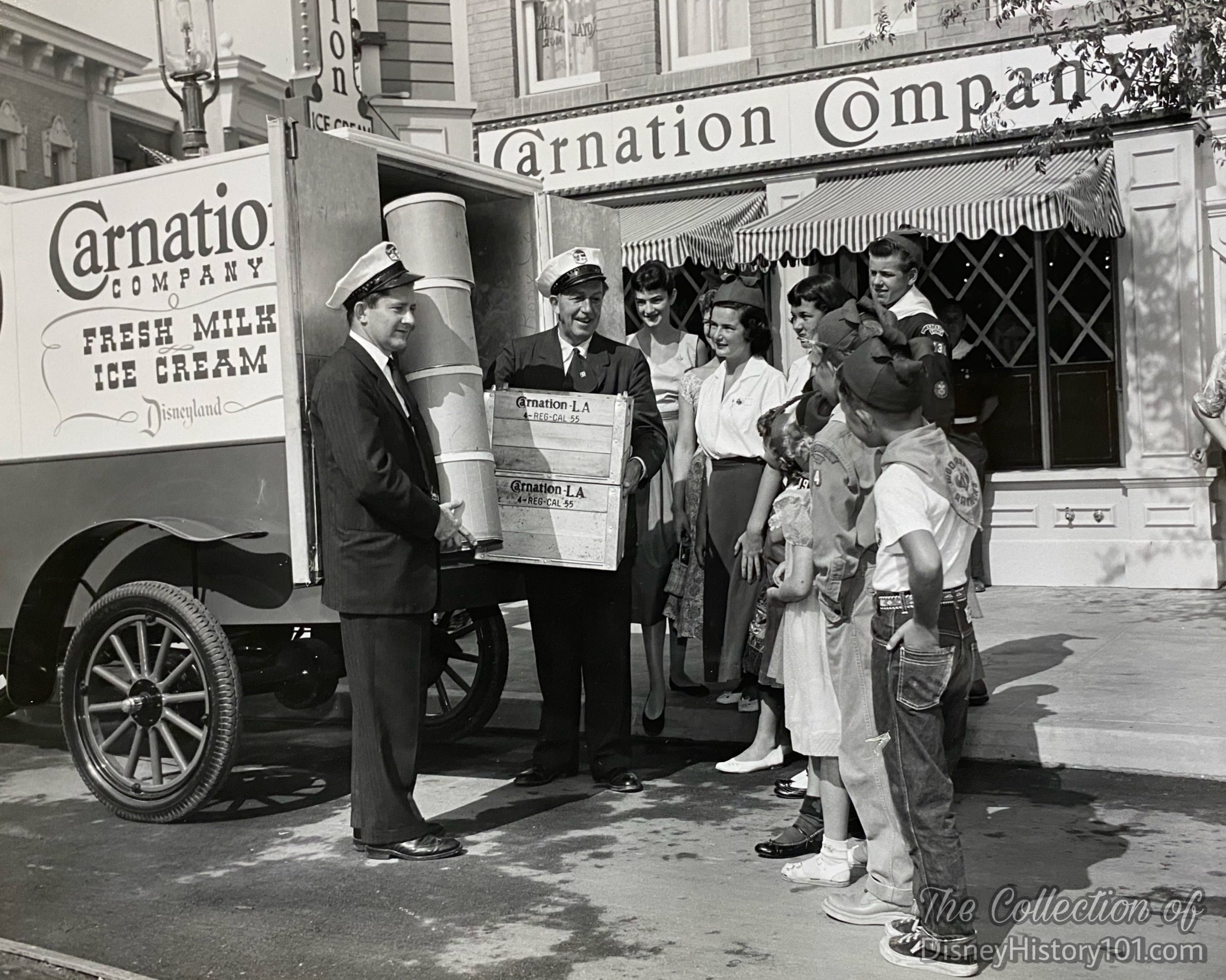
Above: Children from seven youth groups watch Disney and Hadley Stuart, grandson of Carnation's founder, unload the the first ice cream at the formal opening.

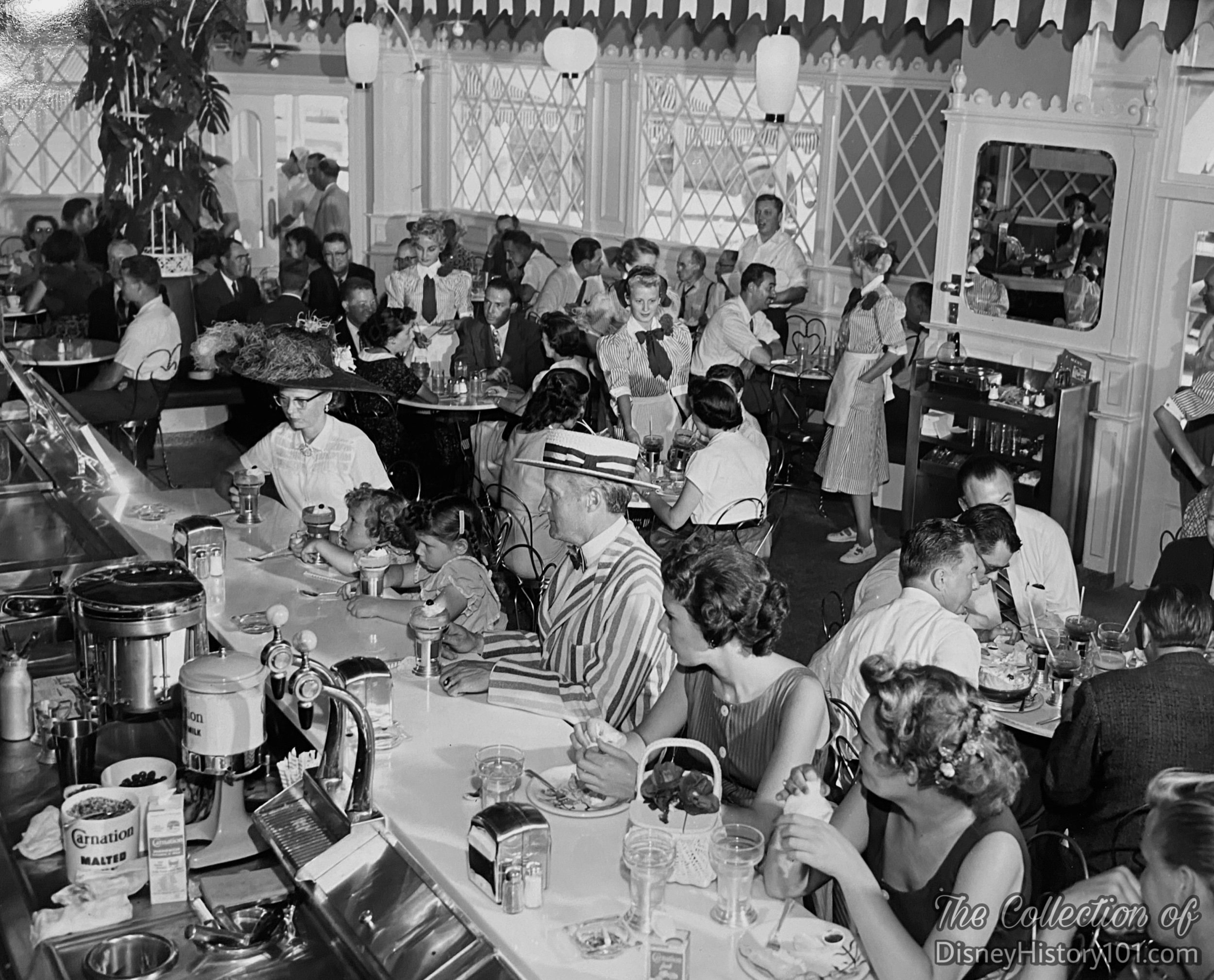
On the first day 4500 hungry and thirsty people were served in its 1890-style ice cream parlor.
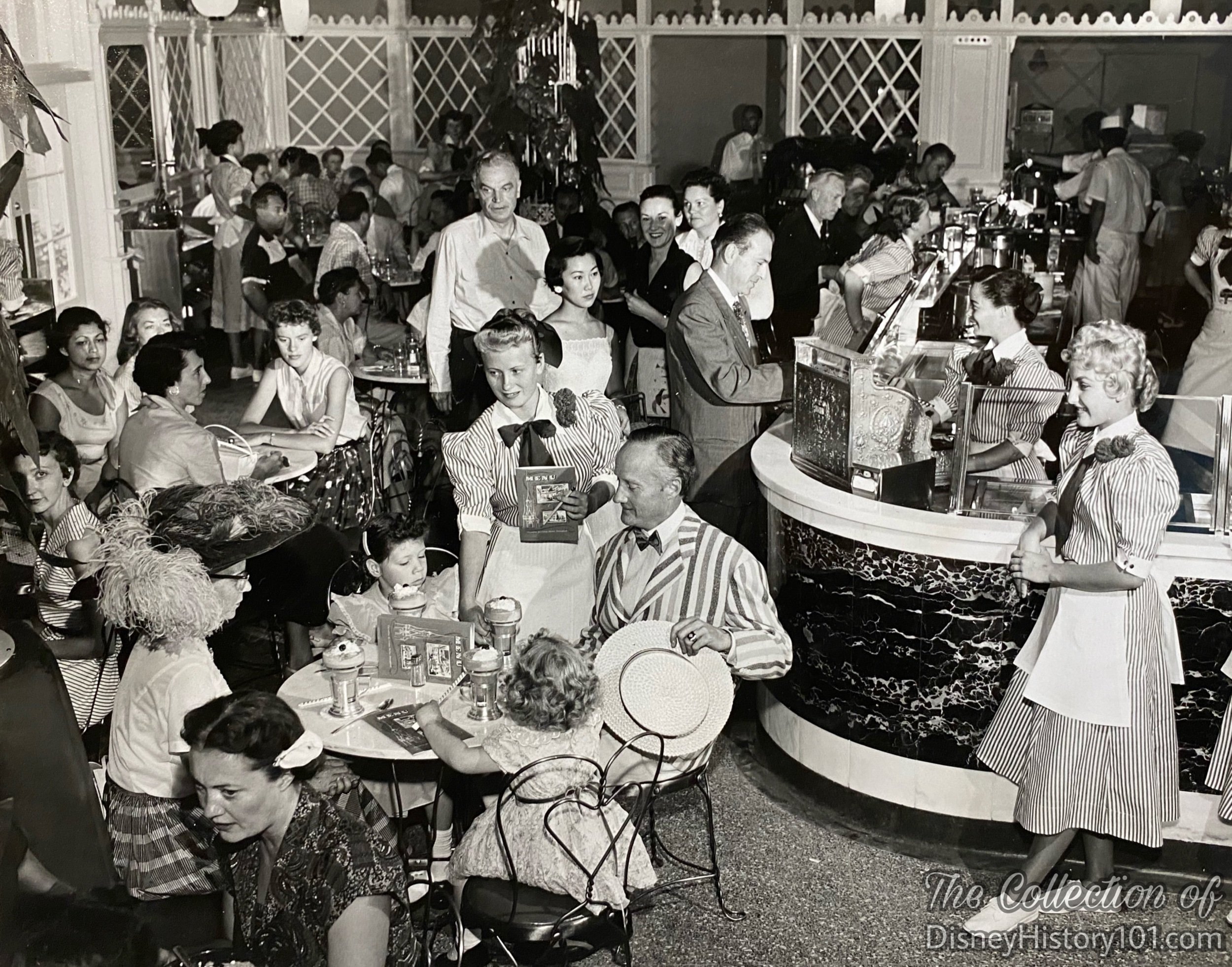
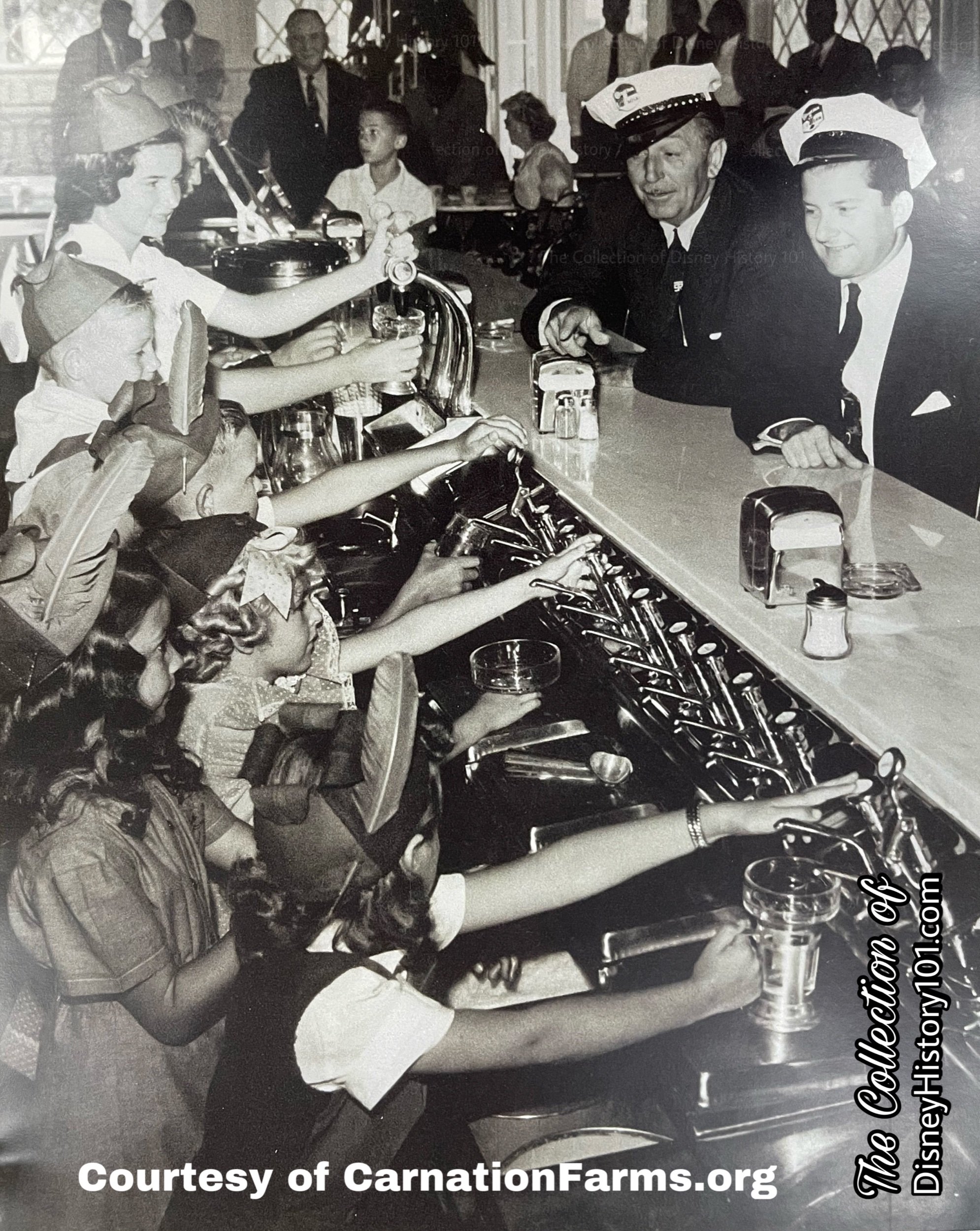
According to a column appearing in Milk News (Vol. XLV, No. 15 ; July 29, 1955) :
“Still another wonder was piled on the multitude of wonders at the nation’s newest entertainment center today, when two dozen youngsters affiliated with Los Angeles and Orange County youth organizations were given ‘run of the fountain’ at Carnation’s 1890 Ice Cream Store…
Inside the store, the youngsters were shown the various syrup wells, where located, how to use a syrup scoop and then told to concoct their own combinations.
Many of the finished dishes were new concepts of flavor combinations which had the regular fountain personnel scratching their heads in bewilderment. Most of them were top-heavy with garnish, but the youngsters agreed they were all delicious when they had lapped up the last spoonful at the tables in the company’s picturesque old-time ice cream parlor.
Linda Blakely of Anaheim, a Brownie, was designated ‘Champion Fountain Specialist’ after all the dishes were judged by a panel of experts for her concoction which consisted of a scramble of various flavored ice creams, several syrups, a couple of toppings and whipped cream. One more ingredient - Linda added a banana for good measure.”
Reports of these ceremonious events were swiftly published. As a result, in the days and weeks that followed, Carnation Ice Cream Parlor continued to receive visits by many notable VIP guests, from Richard Nixon (whose brother was a Carnation Sales Manager) to actress Shirley Temple.
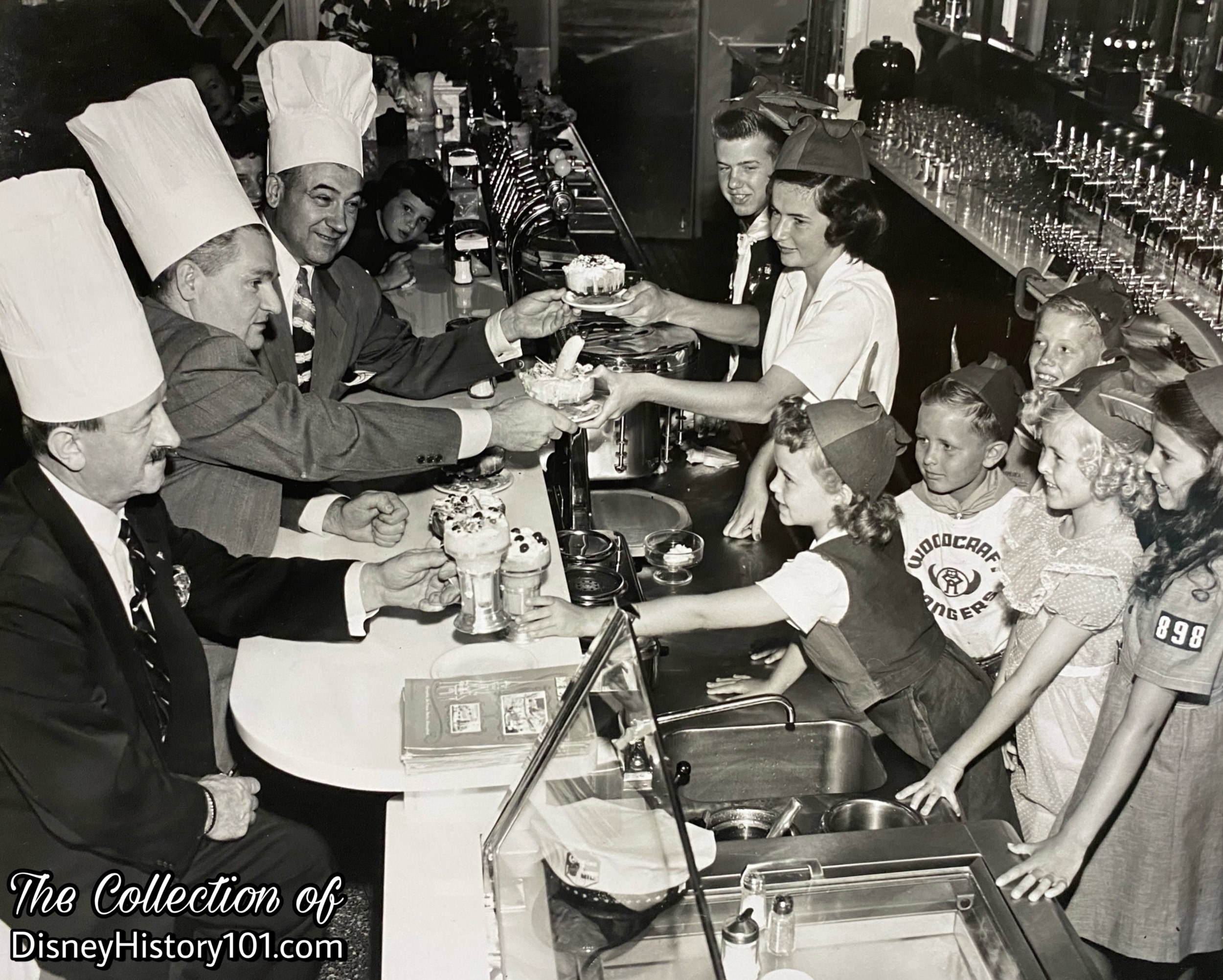
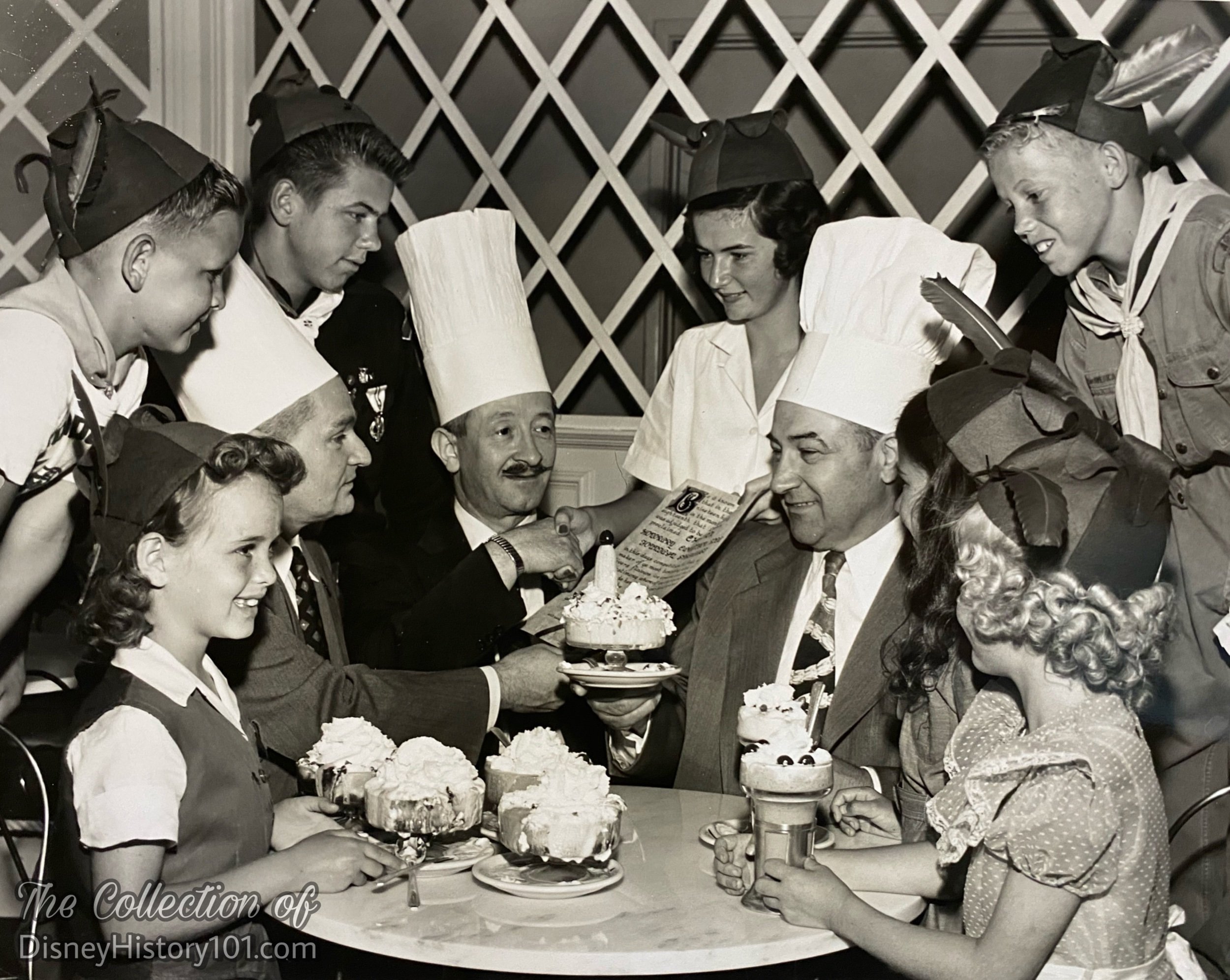
Ice cream desserts made by the Boy and Girl Scouts and other Community Chest agency children were judged by the head chefs of three leading Los Angeles hotels. Each child was Carnation's guest at Disneyland for the day.


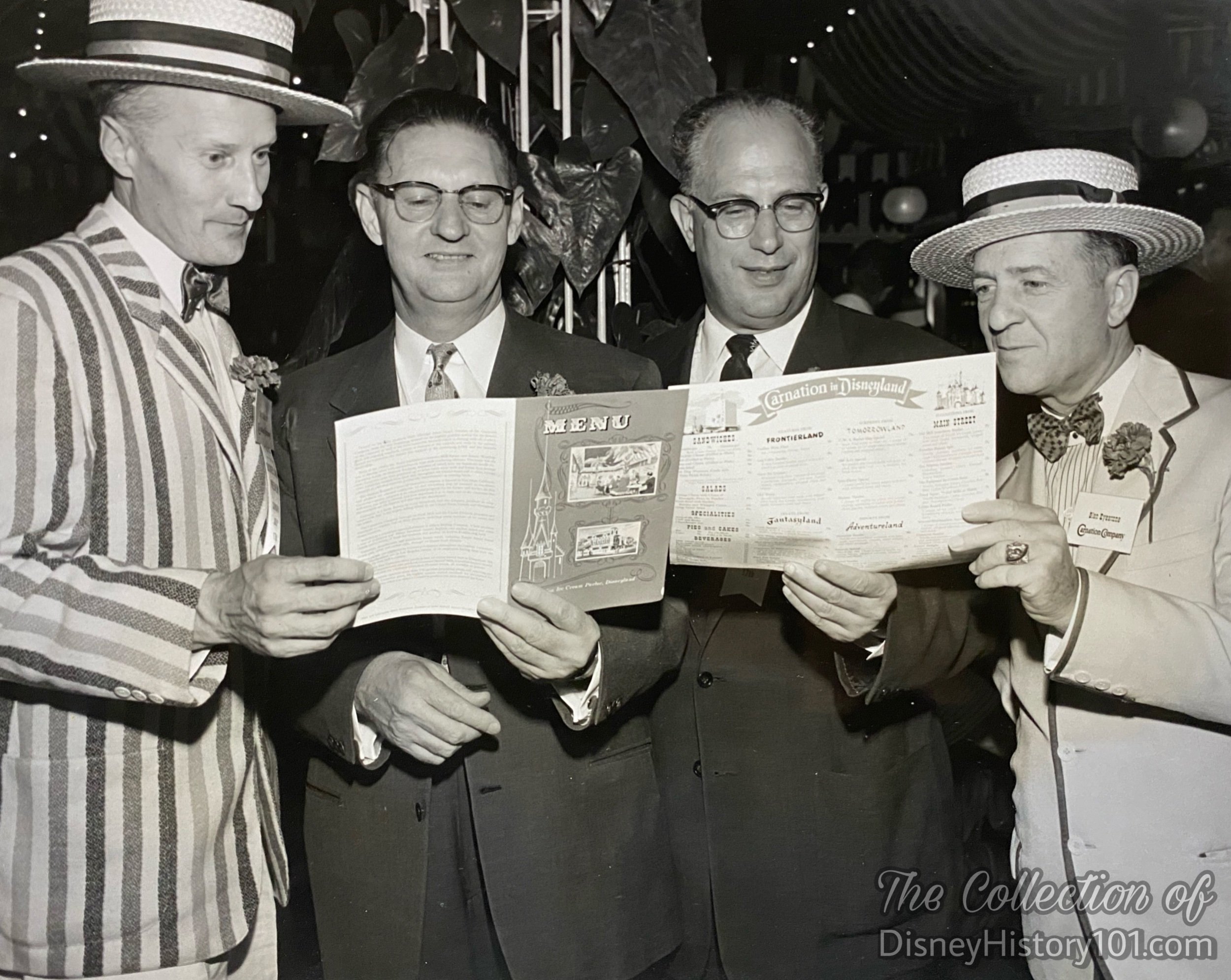
Above: Carnation's key men in Disneyland, reading the special menu, are, (L. to R.) R. A. Keplinger, C. J. Noell, F. A. Nelson, G. Eyestone. Not pictured is store's manager, W. C. Slanina.
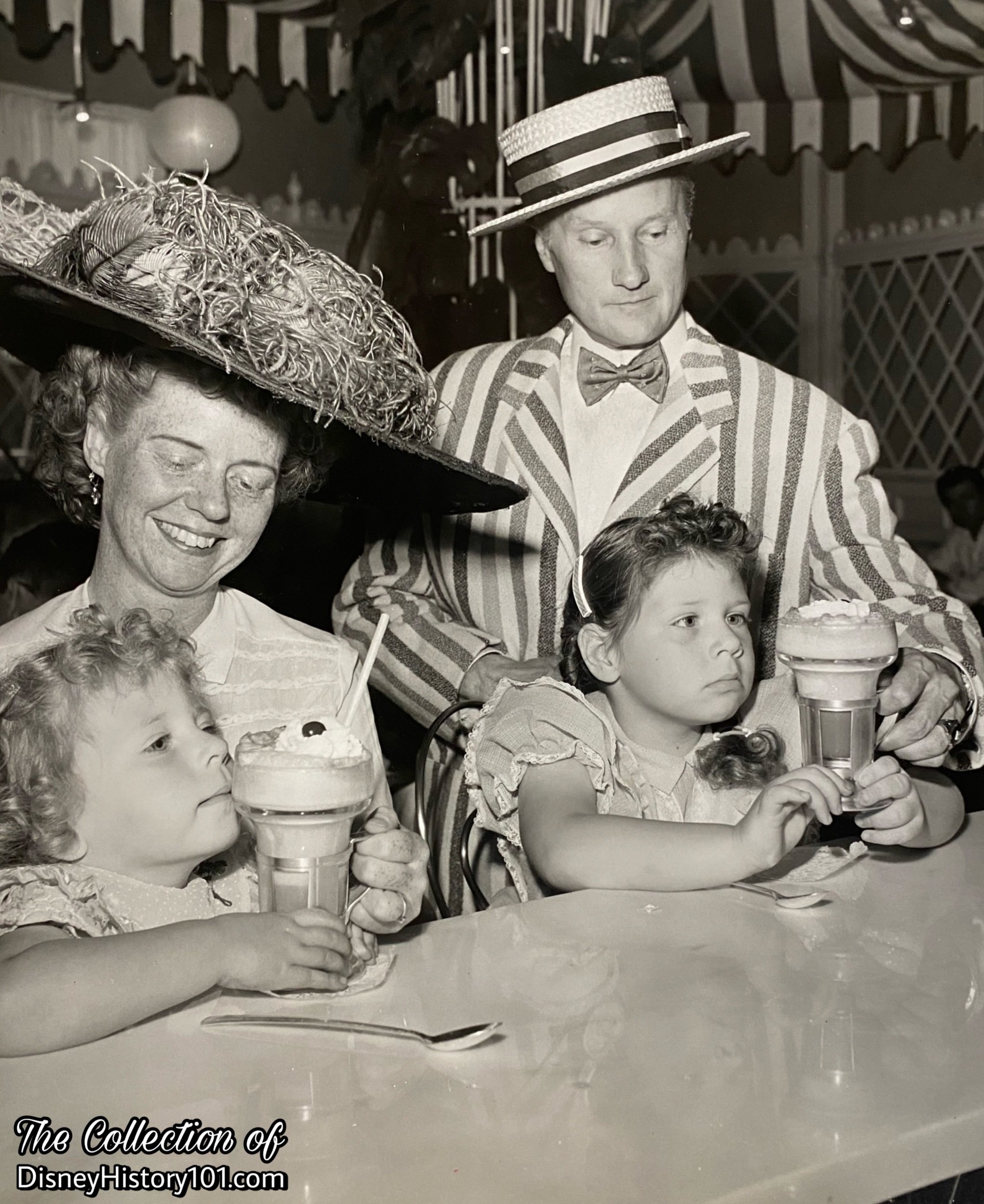
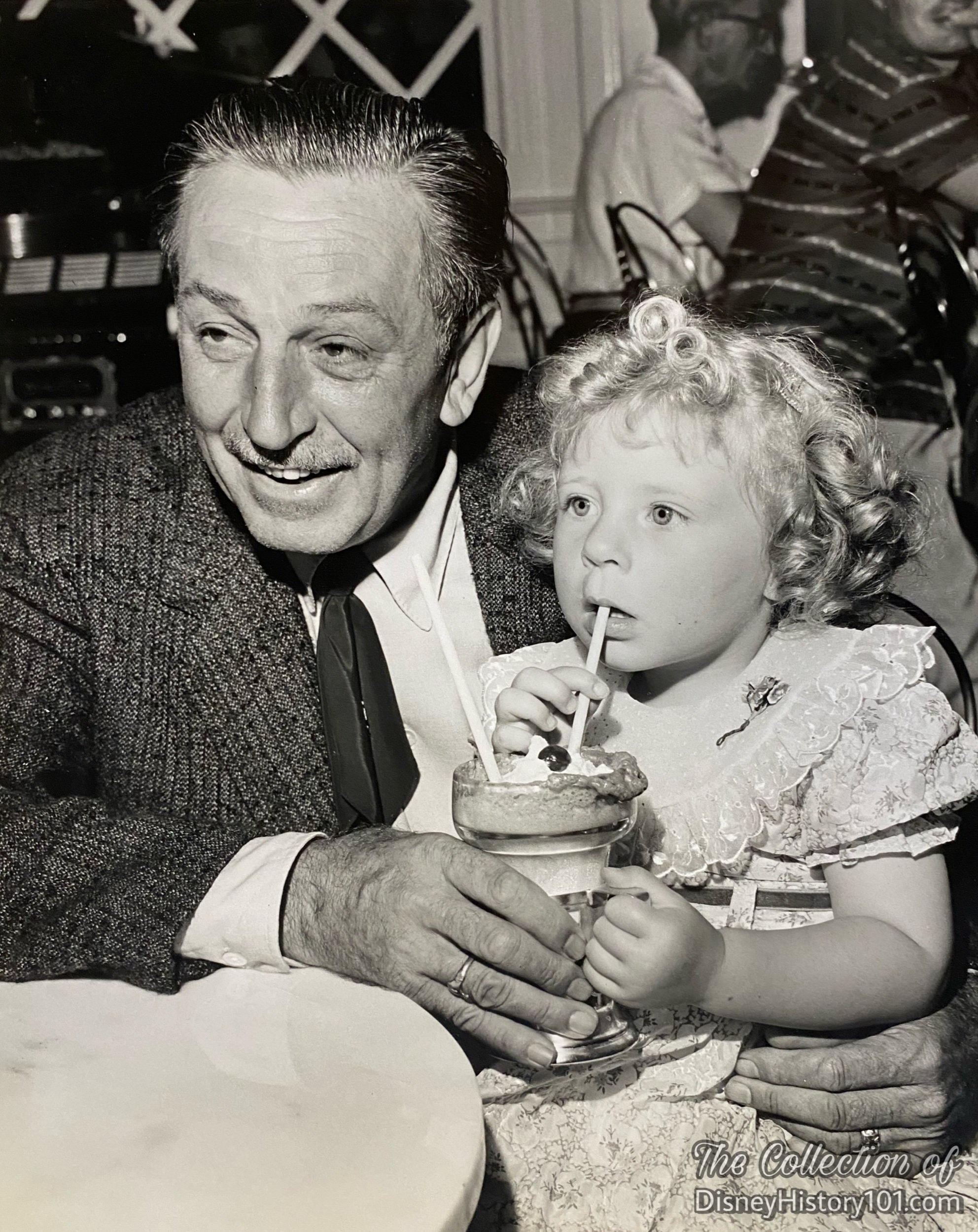
According to The Daily Oklahoman: “The first visitor to Disneyland sneaked in one day early and got some special treatment from the boss. She's Blaine Long, 3, and her host for an old-fashioned ice cream delight in the Gay Nineties ice cream parlor is Walt Disney himself.”
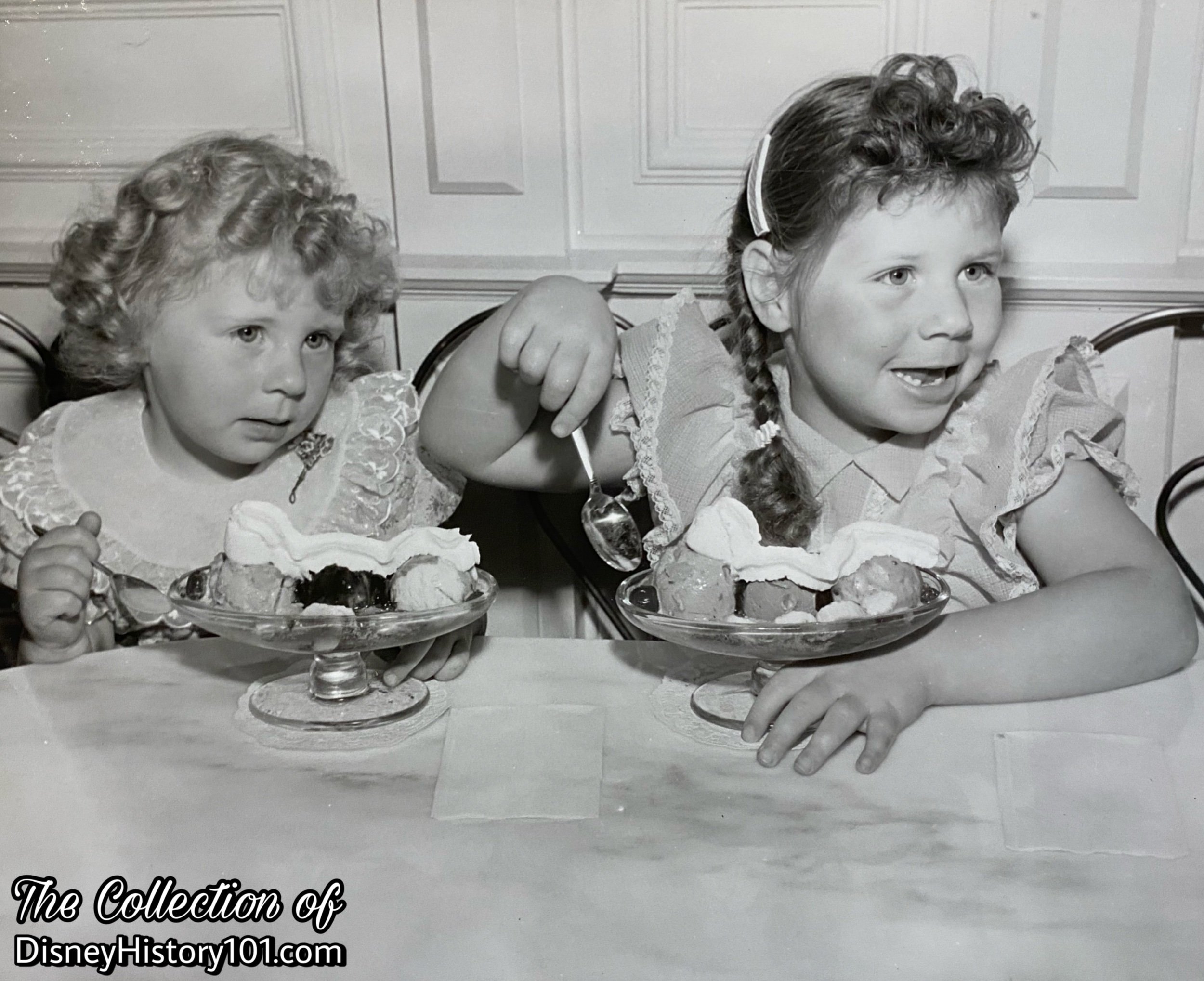

According to Pacific Coast Review: “Christine Long didn't let the ostrich-plumed picture hat interfere with her attack on a Lillian Russell parfait as she helped in the recent opening of Carnation Company's 1890-style ice cream parlor in Disneyland near Anaheim, California.”
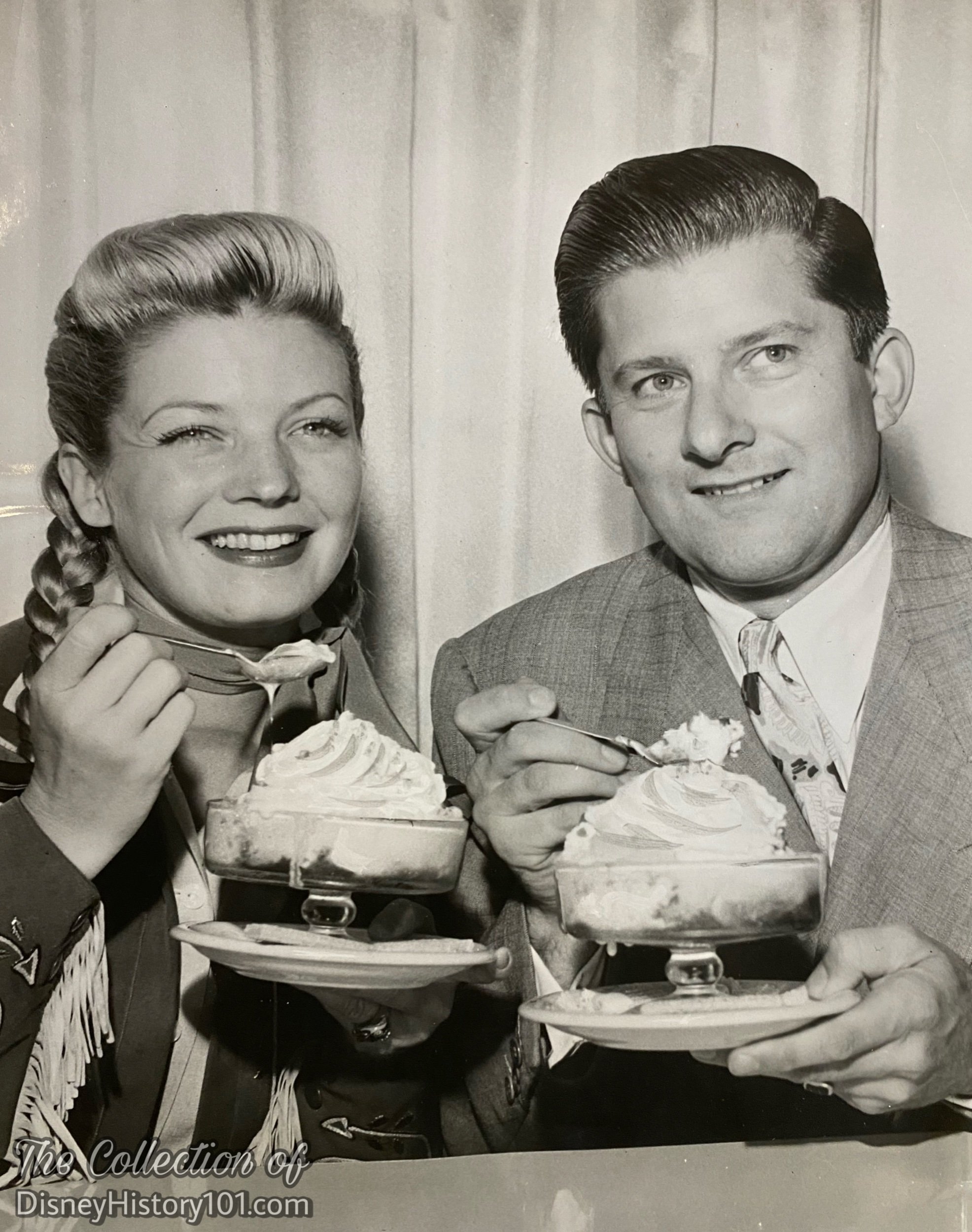
Gail Davis, (television's Annie Oakley) cohosted a party for more than 1,000 newsmen in the old-fashioned parlor at a preview on July 17th. She and Mr. E. Hadley Stuart, Jr. (grandson of Carnation's founder) took part in American Broadcasting Company's national telecast of the pre-view. Millions saw Carnation's TV star, Annie Oakley ride horseback in the national telecast.
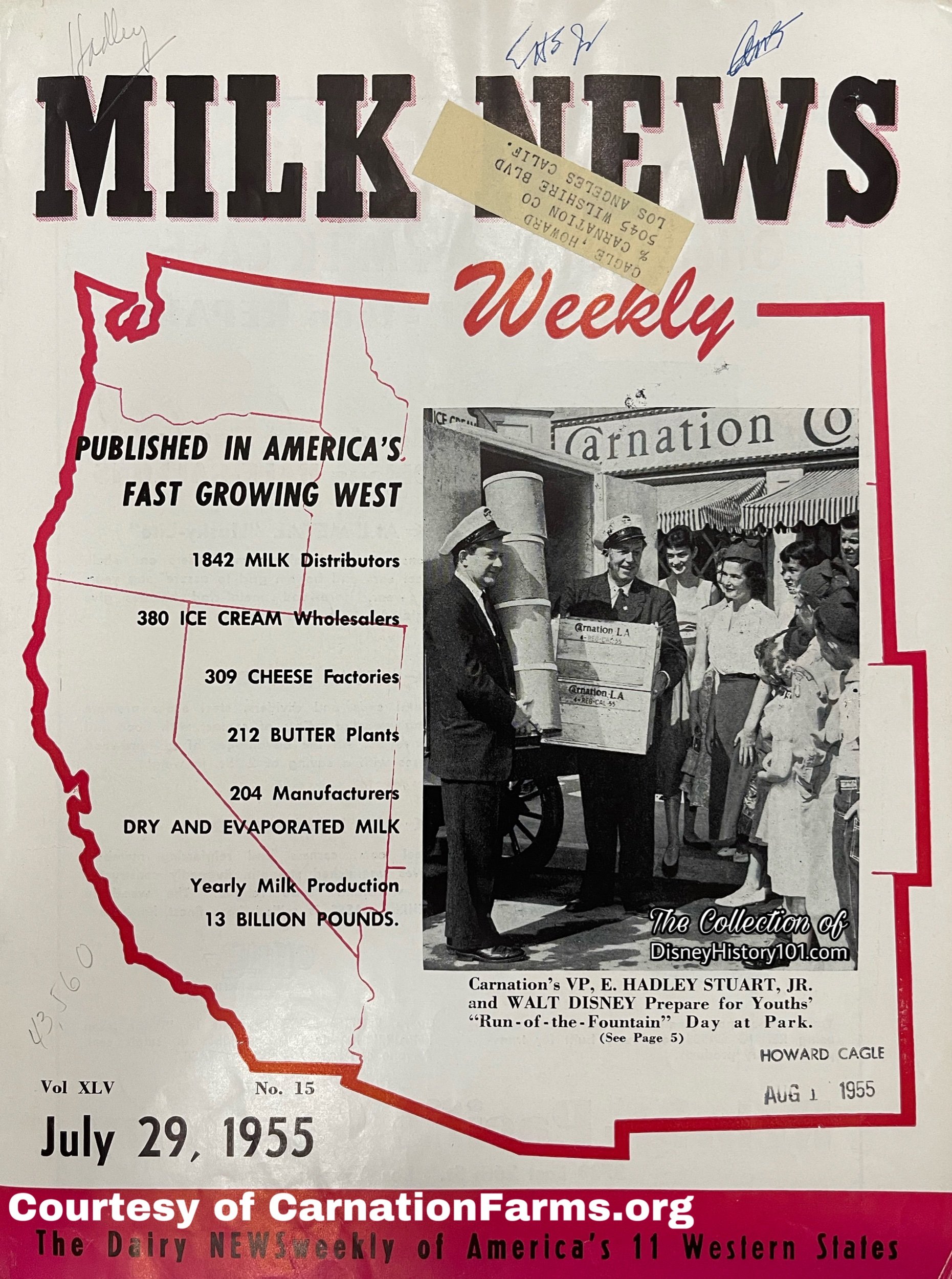
Carnation would also serve 15 wholesale customers who operated restaurants and snack bars in Disneyland.
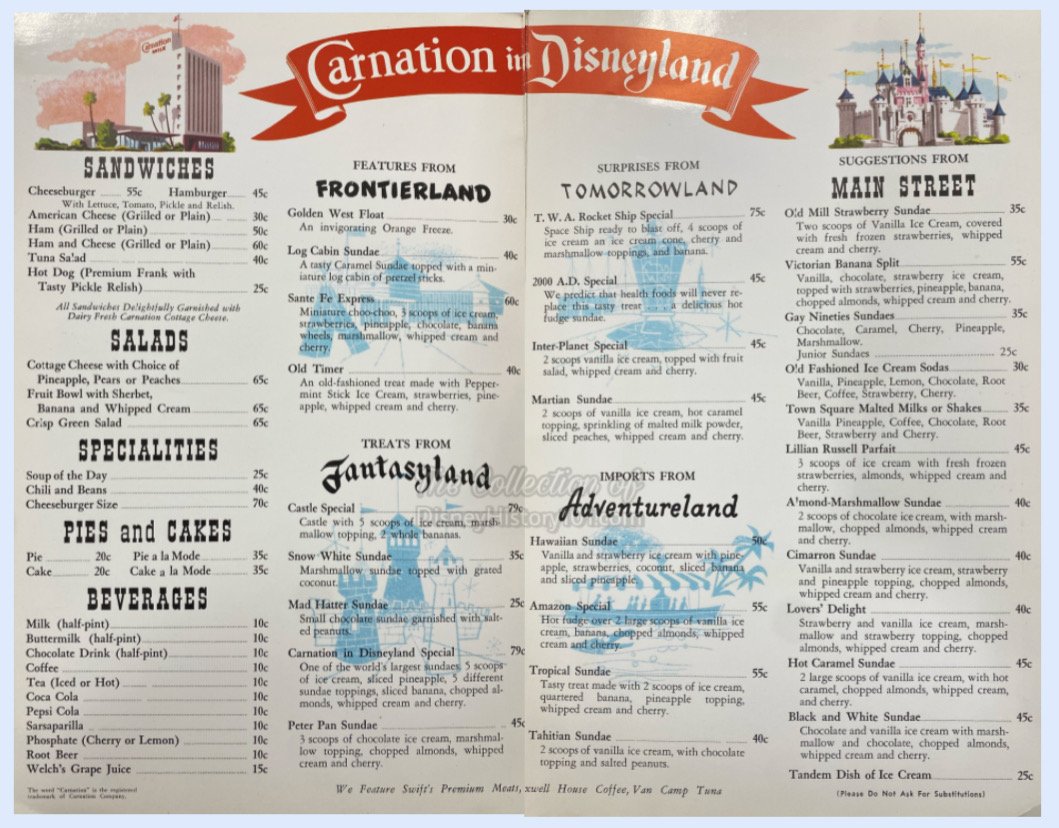
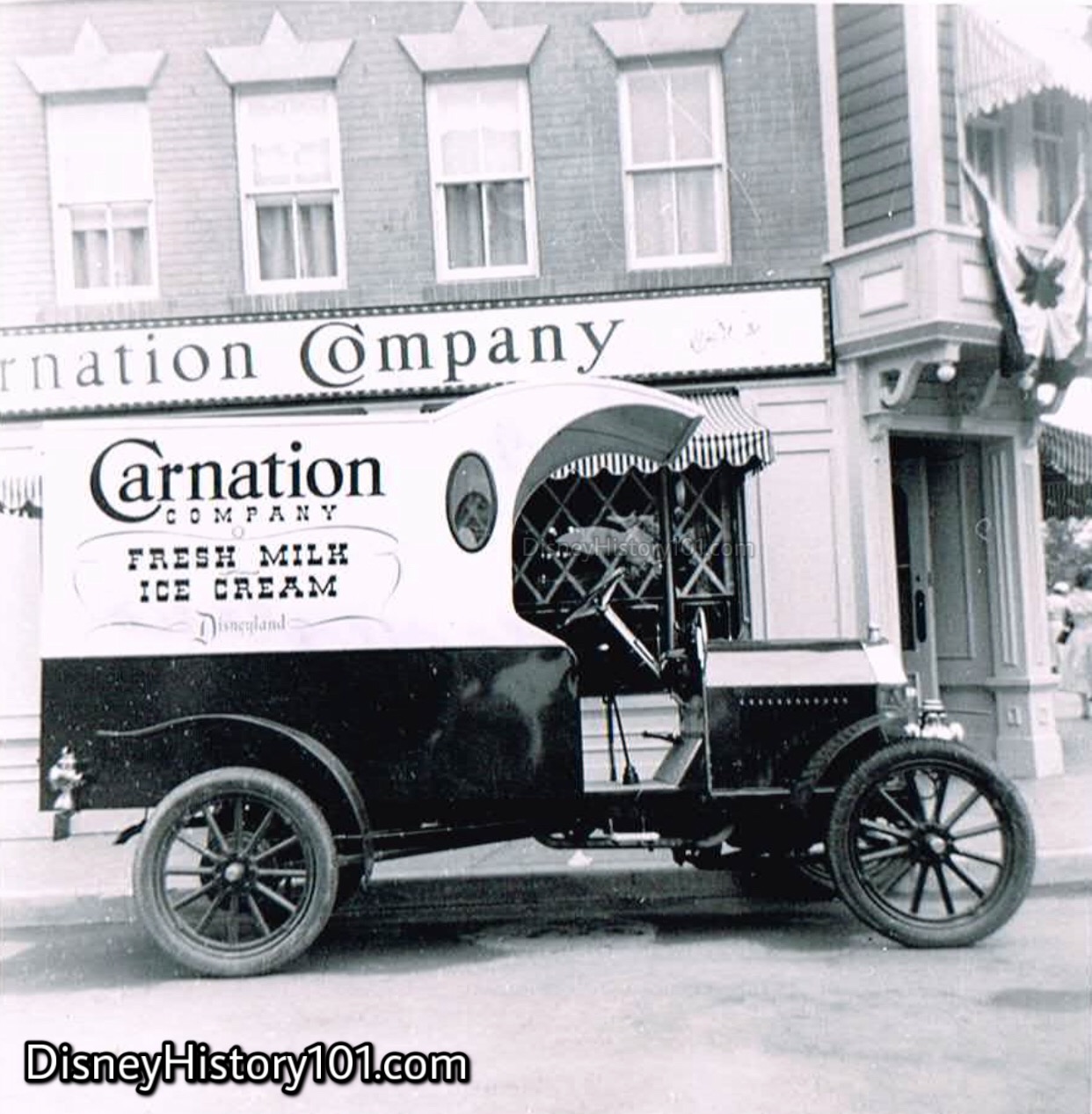
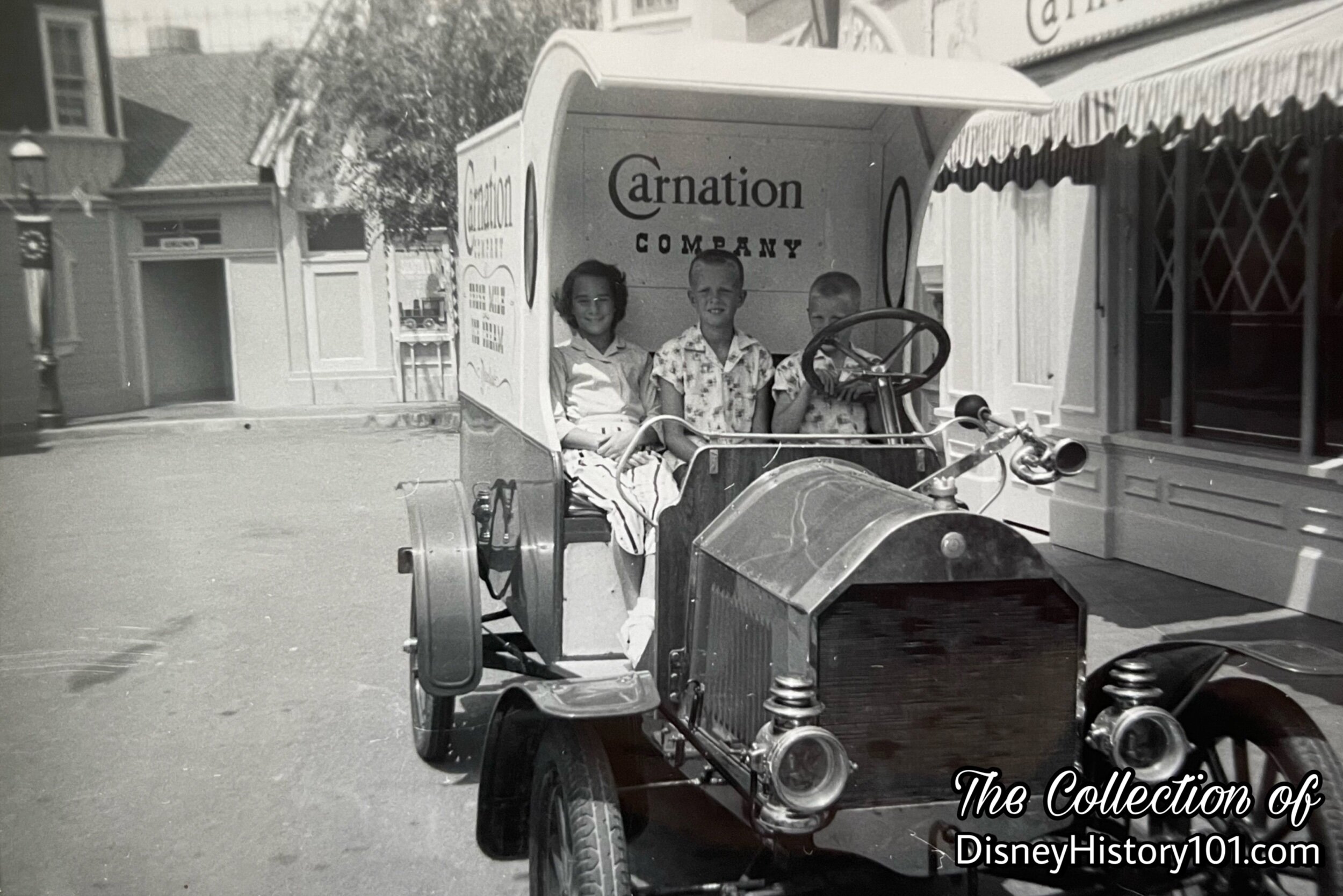
The first Disneyland Dictionary (printed in October of 1959) noted “Old-time Carnation delivery truck - complete with horn - is displayed outside, and is a favorite picture-taking prop.” You may notice that the “bulb-type” horn is present in the preceding Vintage View, while it was removed at some time (perhaps to prevent guests from squeezing it to produce a honk).
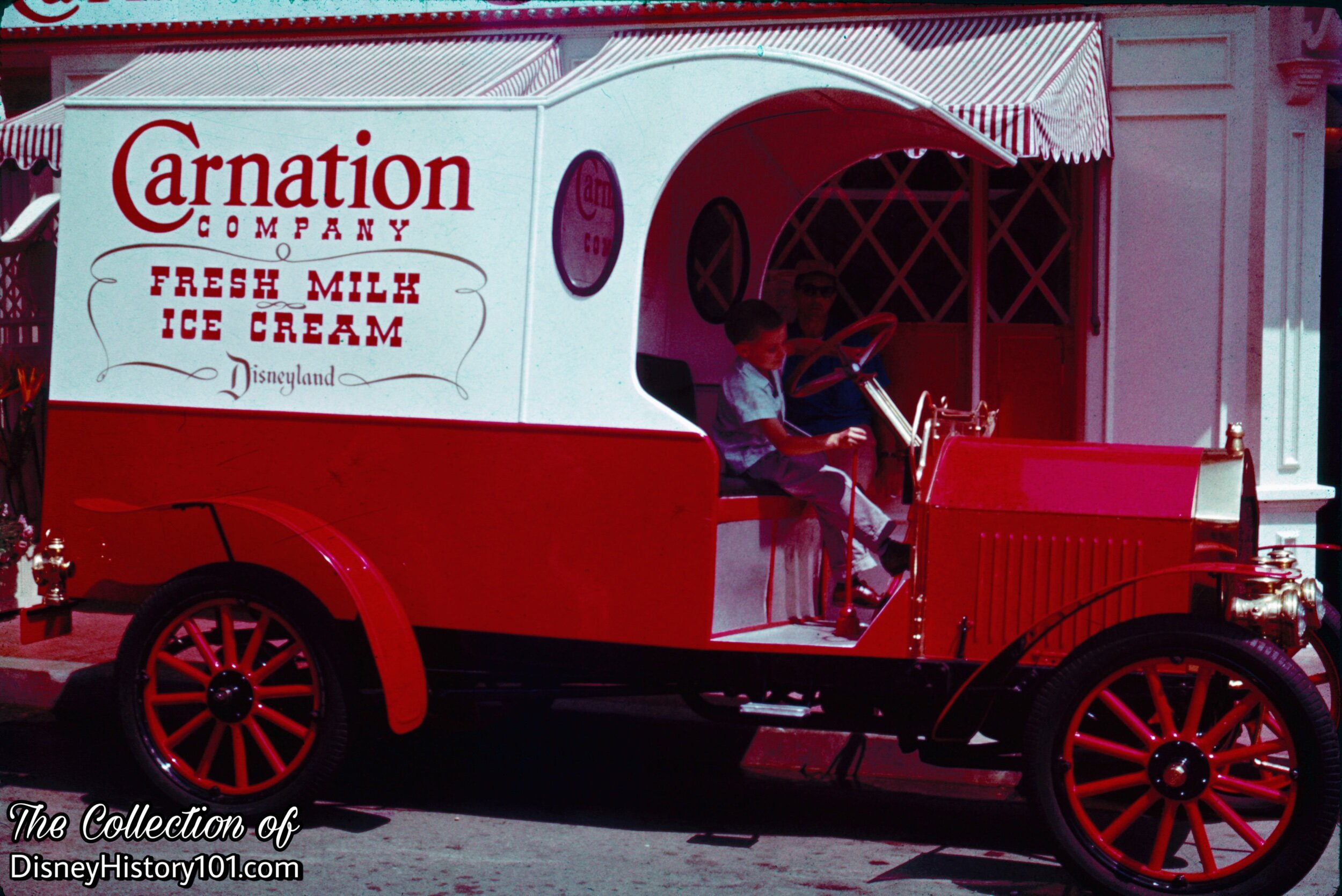
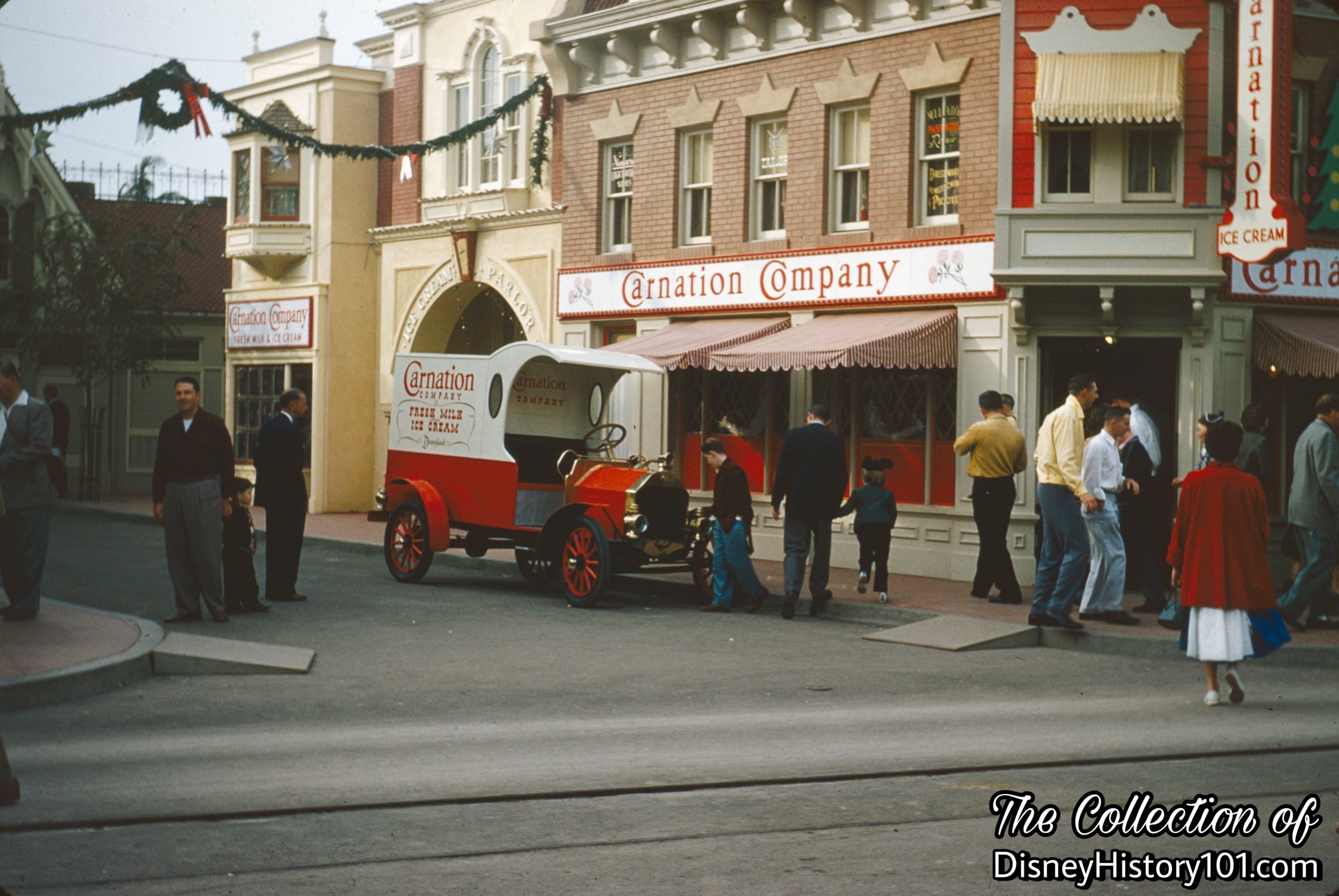

In the previous Vintage View, you may be wondering where those noticeably absent shiny brass headlamps are?
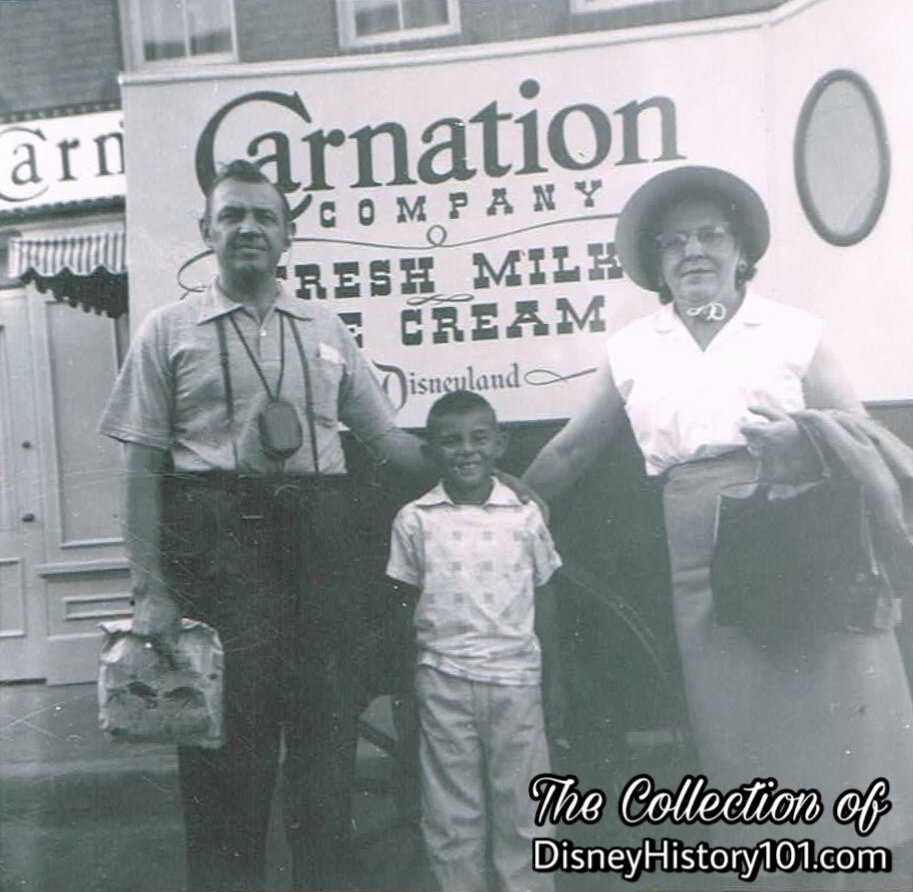
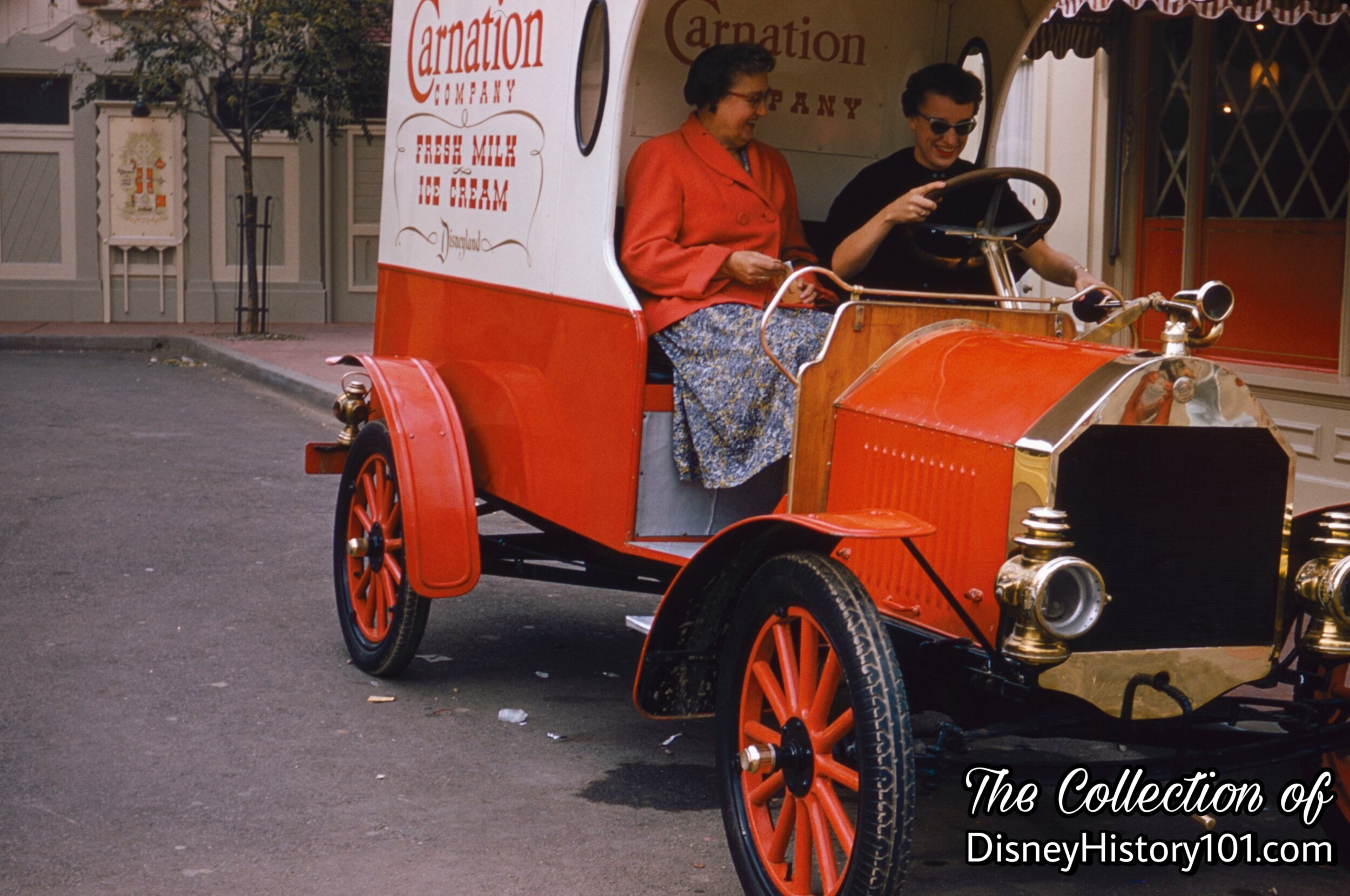
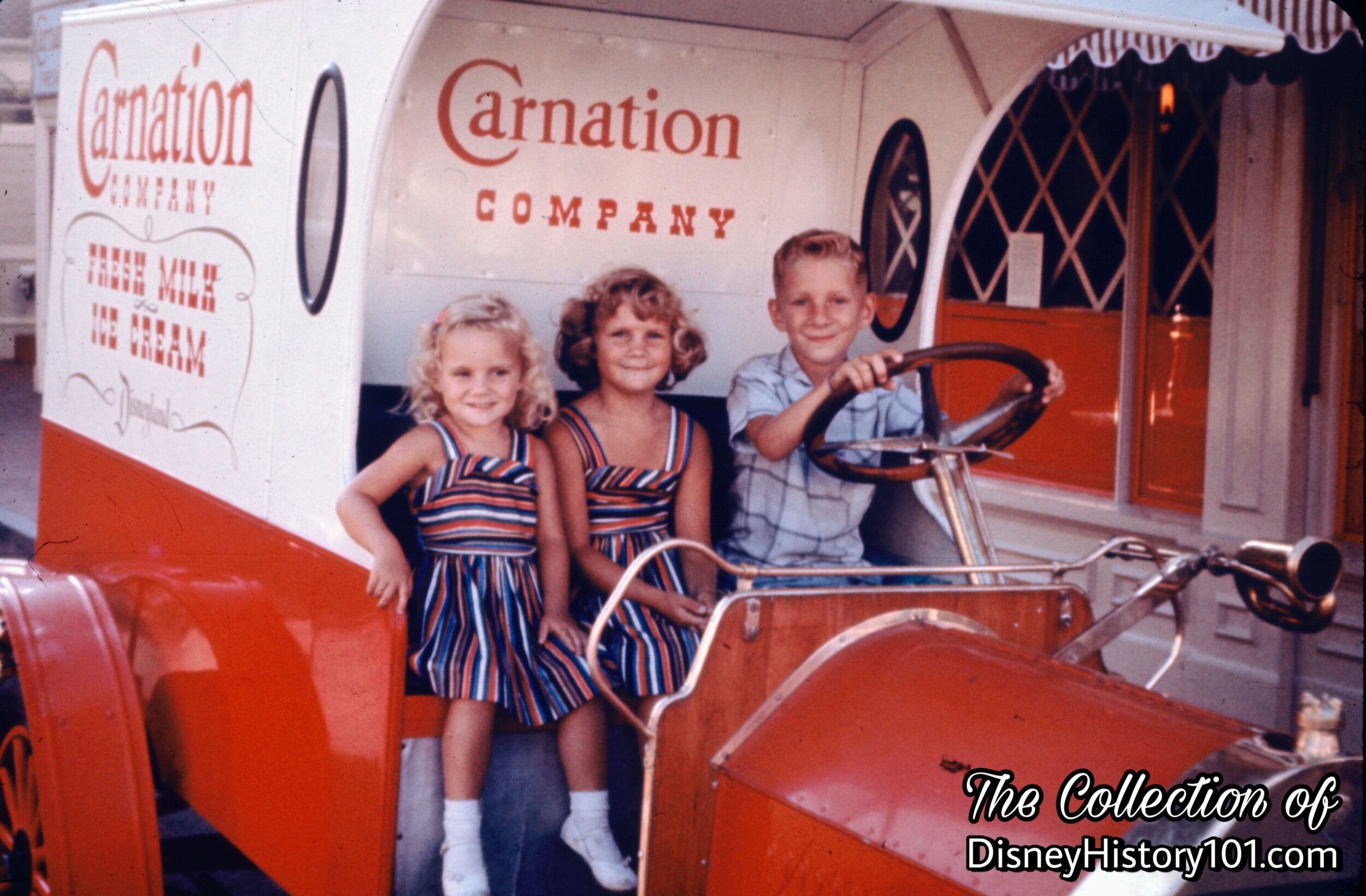
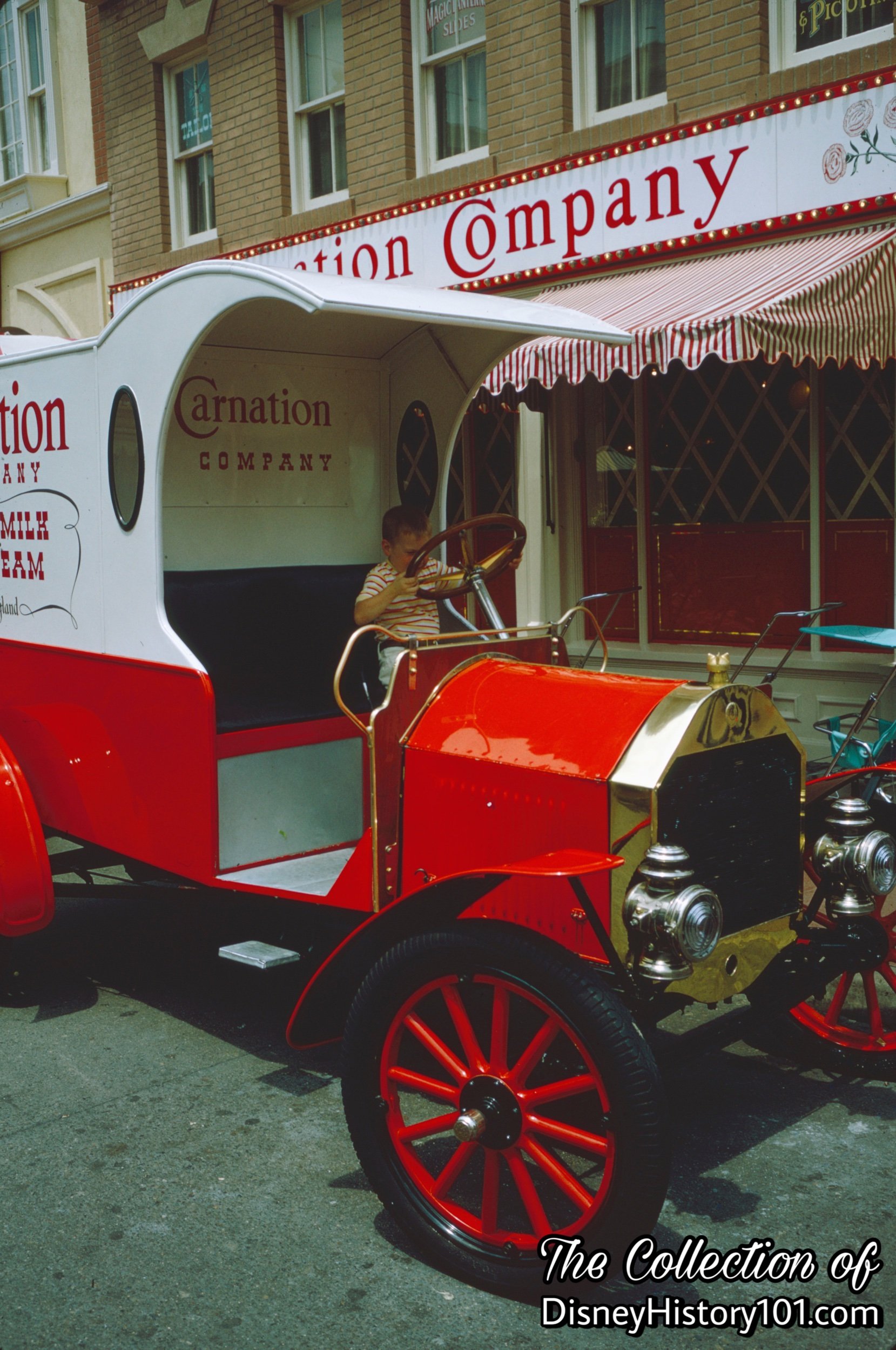
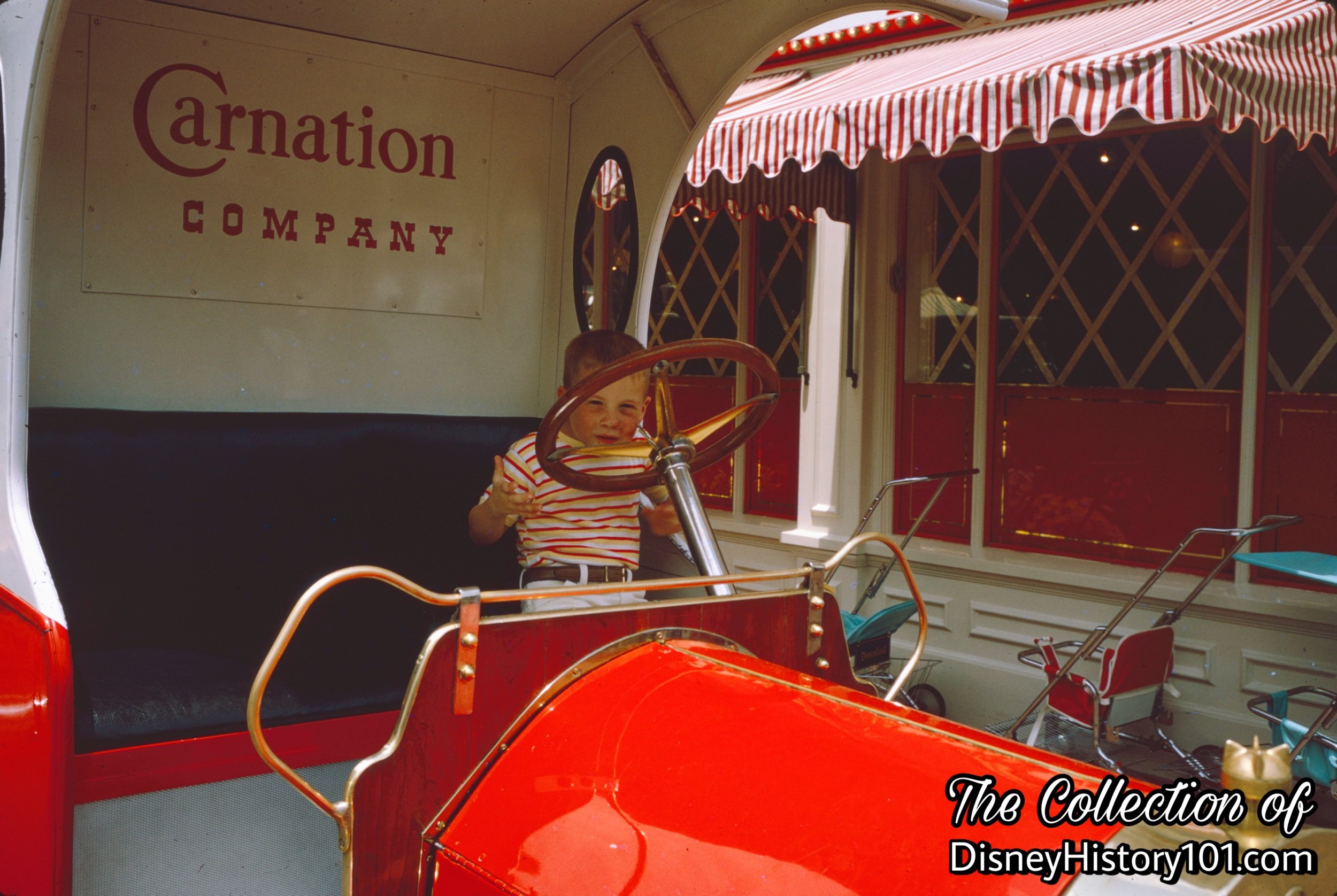
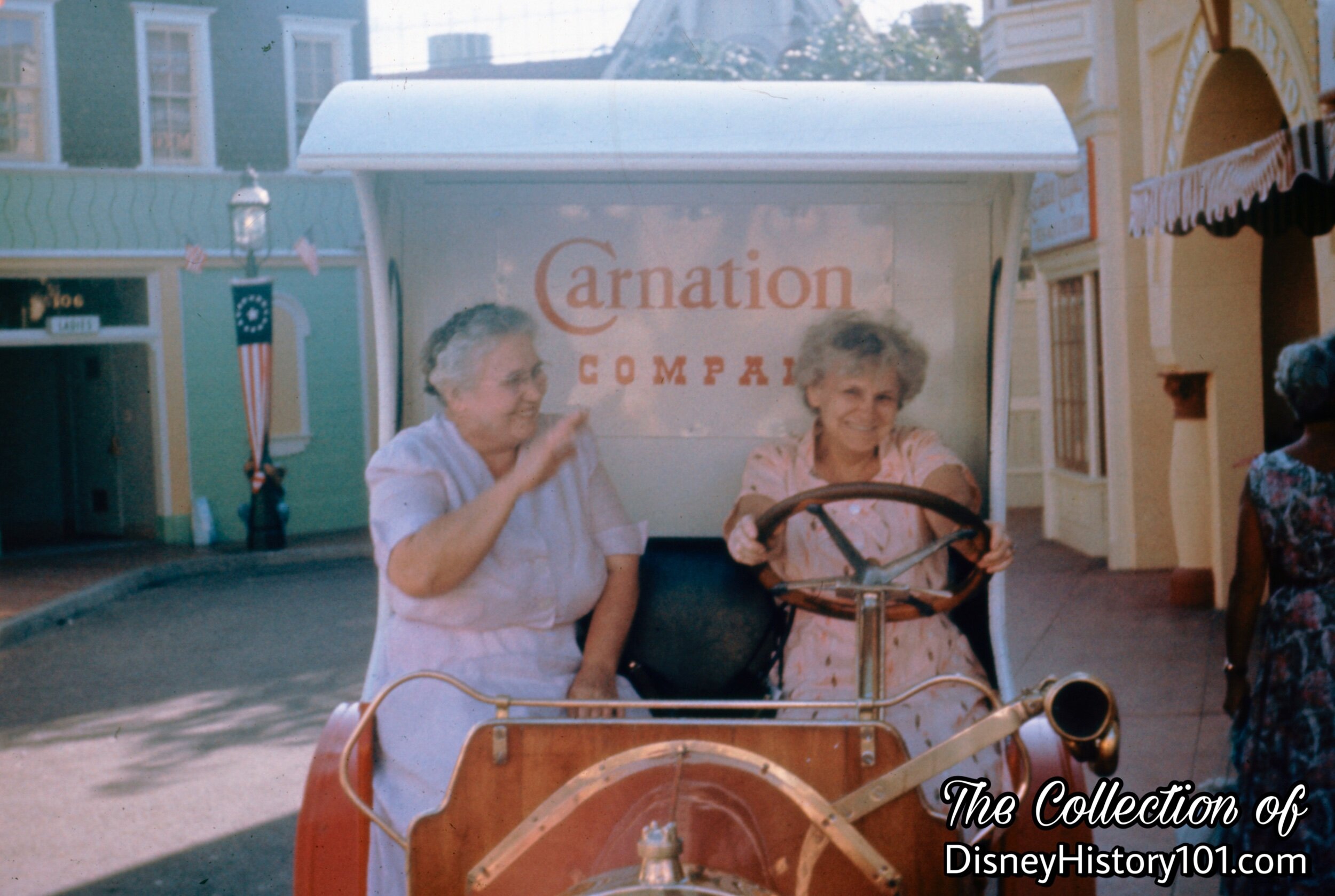
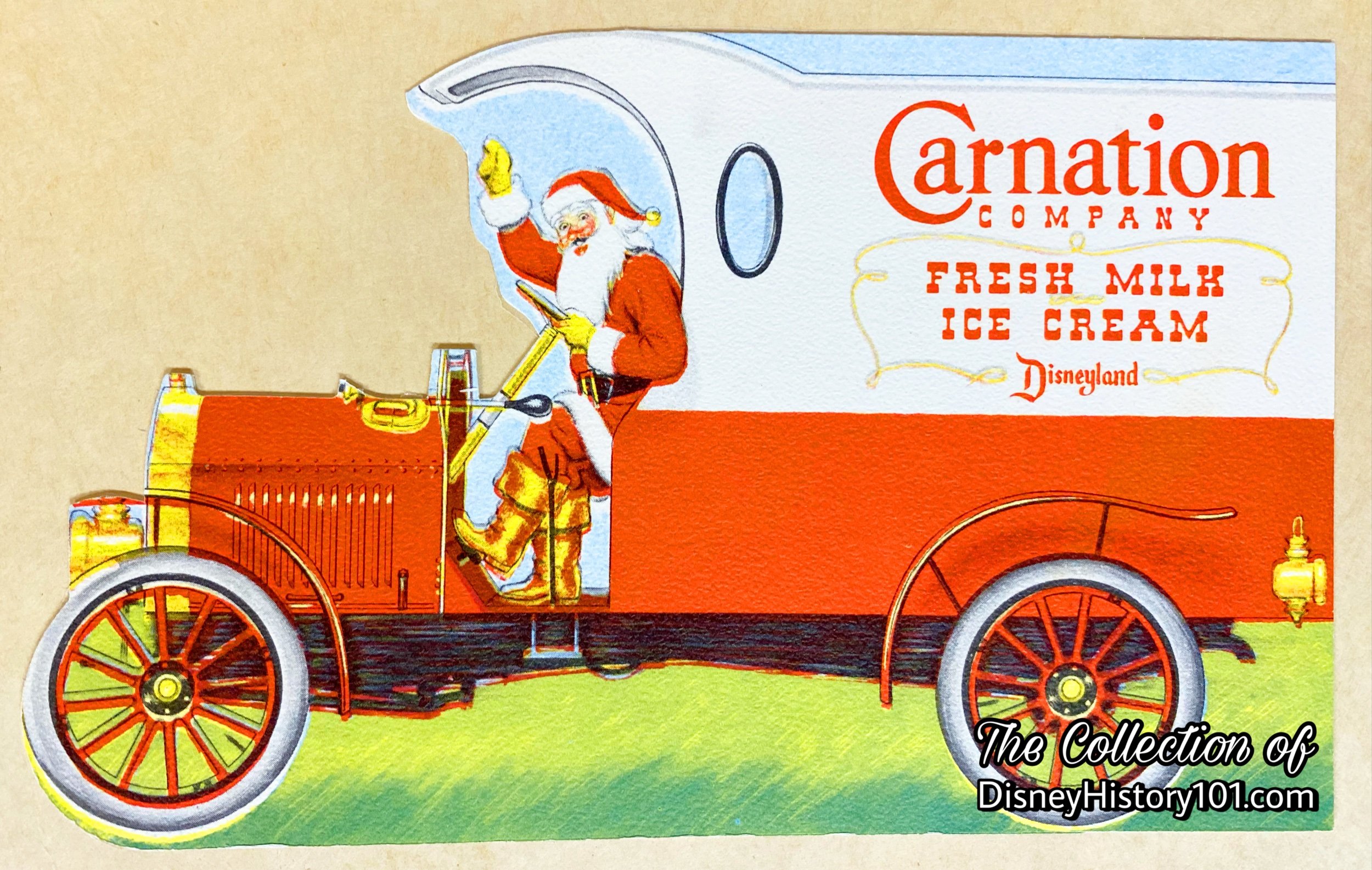
The Carnation Co. contributed food to the First Annual Disneyland Christmas Party on December 10, 1956.
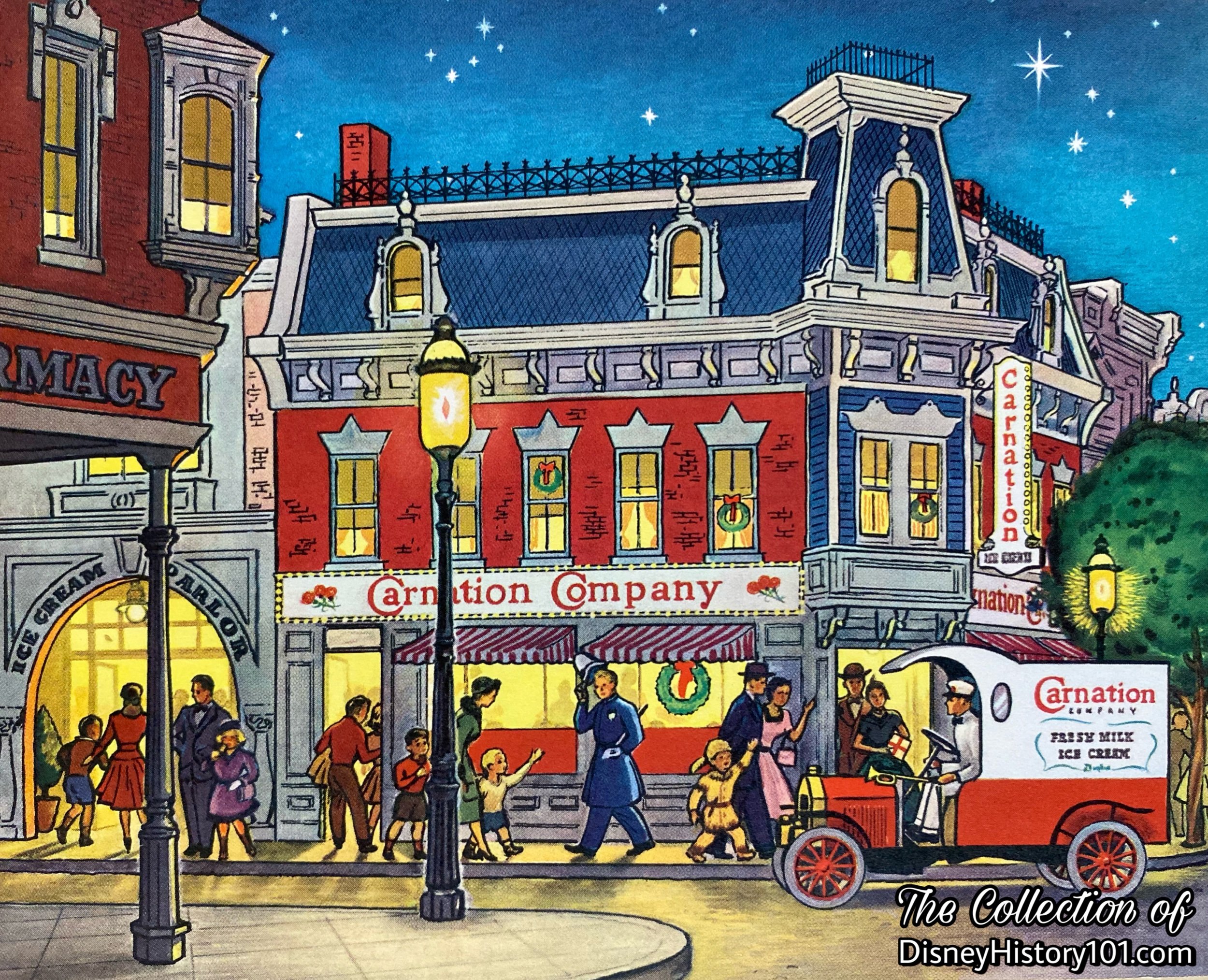
Many Disneylanders would serve as Hostess like Mary Alice Duncan.

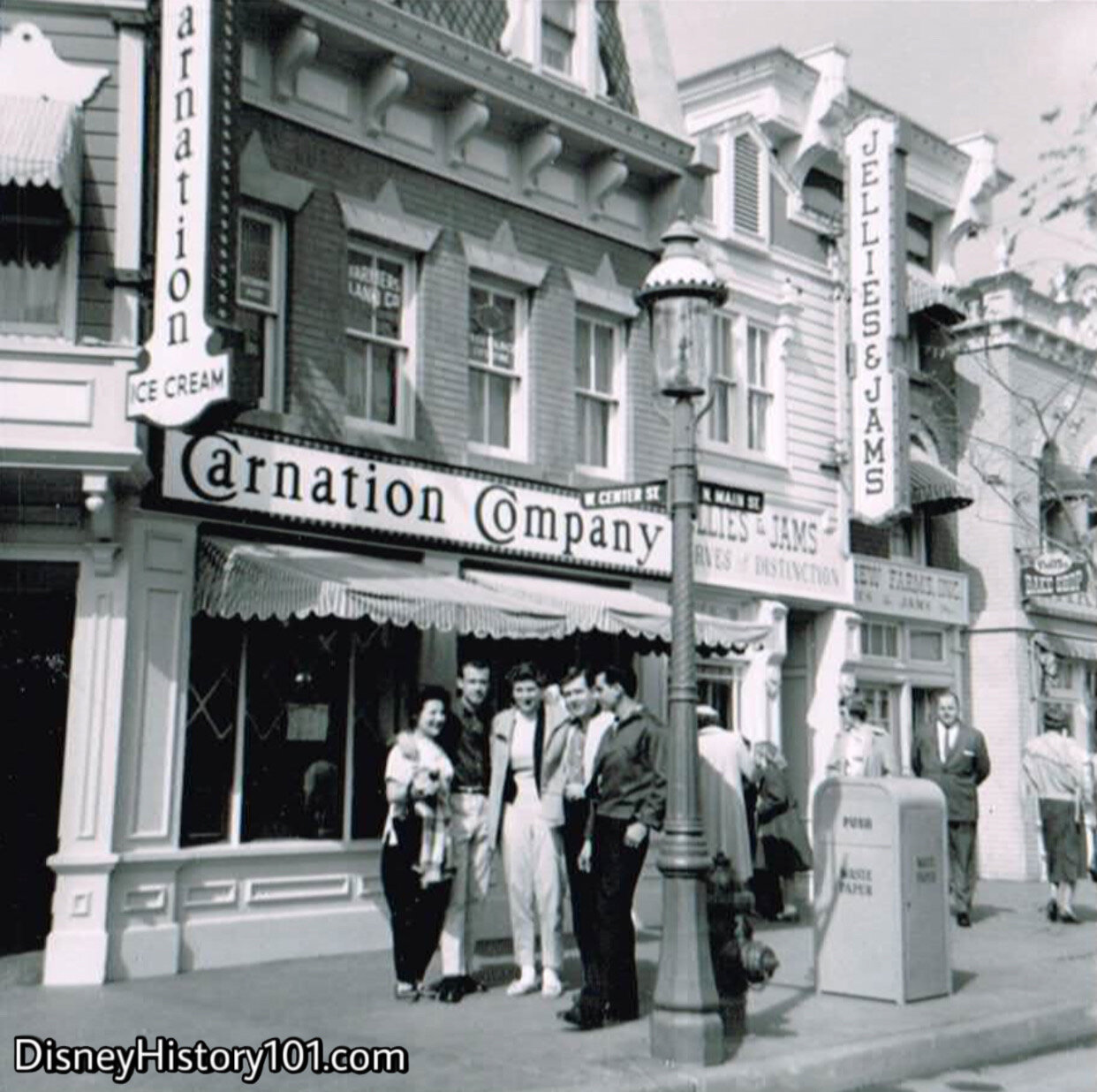
The corporate synergy was good for a time. Institutional lessee Carnation Company Ice Cream Parlor yielded some revenue for Disneyland Inc. - $30,329 for the fiscal year ending September 29, 1957 and $33,440 for the fiscal year ending September 28, 1958. In addition commercial lessee Carnation Company Ice Cream Cone Bar yielded $4,059 for the fiscal year ending September 28, 1958.
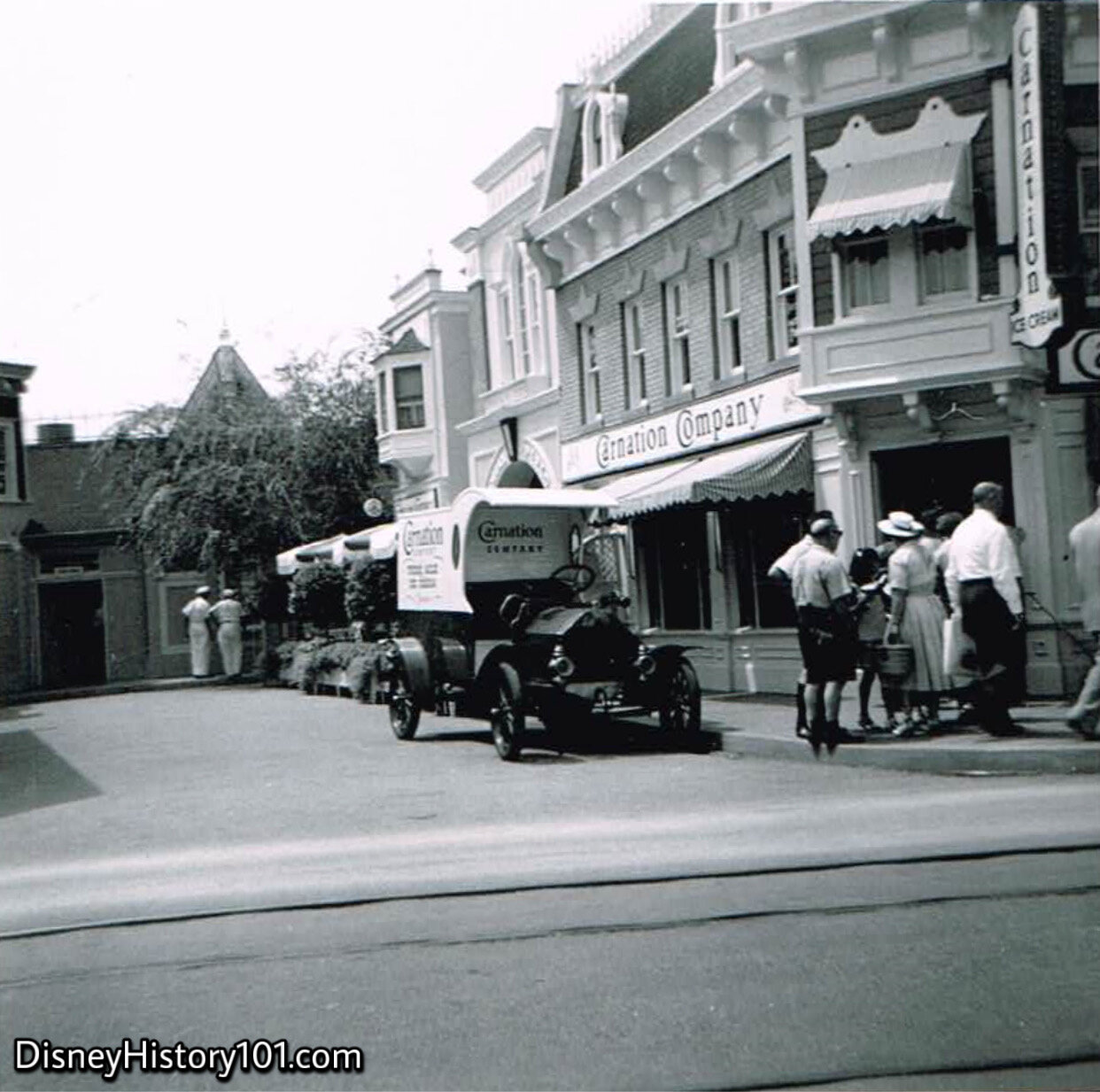
Earlier that year (during April of 1958), Carnation helped Disneyland Guests celebrate Dairy Day!
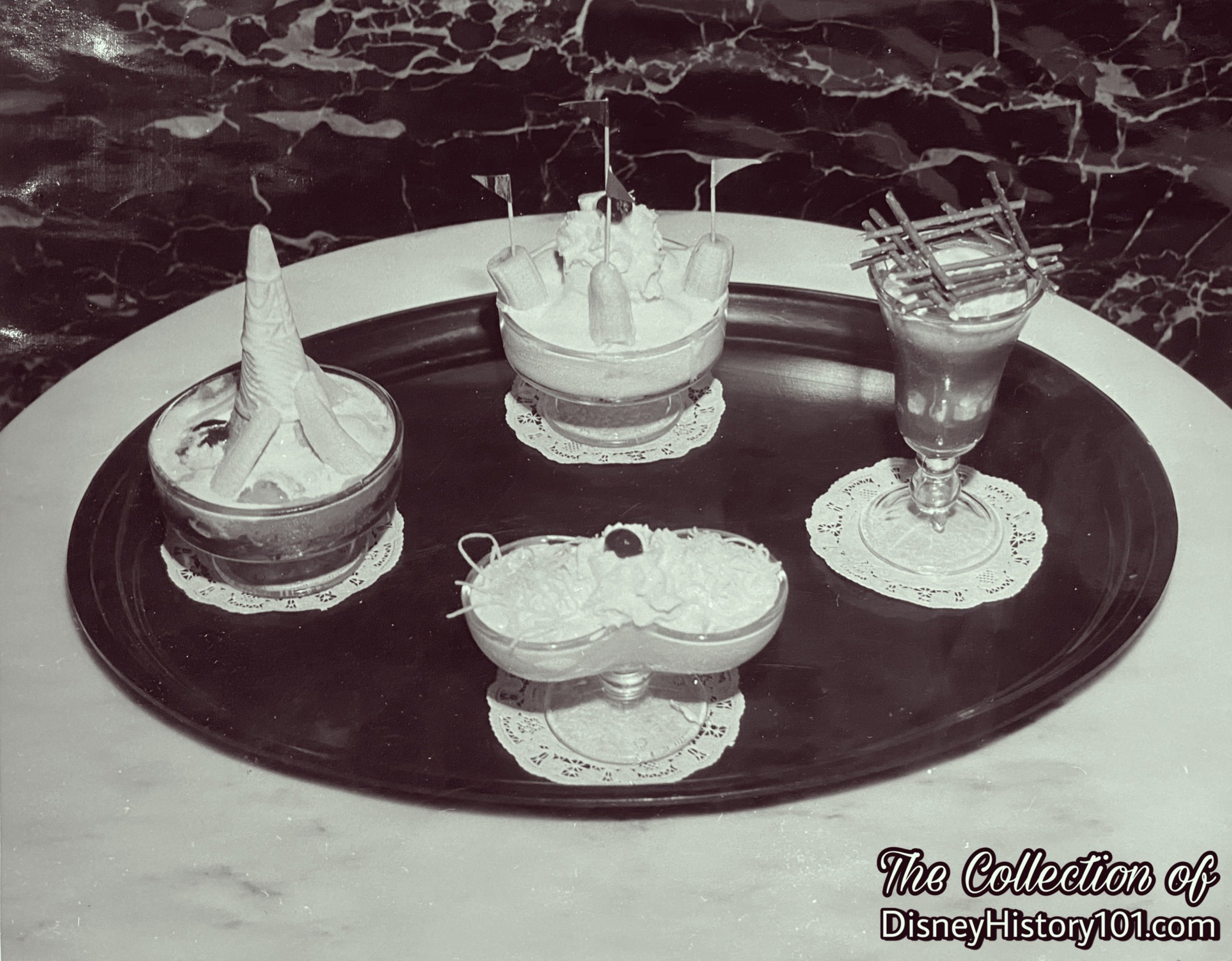
As far back as 1955, such“Disneylandish delights as a Mad Hatter Sundae, Amazon Special, Old Timer, and T.W.A. Rocket Ship Special” were offered at the counter, according to KEY Magazine, 1955. Some were Character themed like the Snow White Sundae, while others were themed after the character of lands - Amazon Special, the Main St. Victorian Banana Split and the Lover's Delight, and the TWA Rocket Ship Special (four scoops of ice cream, an ice cream cone, cherry sundae topping and whipped cream).
On July 28, 1955, Disneyland received a visit by Cal Farley (of Texas) and his group of 200 Boys Ranchers (comprised of boys from 42 different states and three foreign countries). They enjoyed the Carnation Cafe’s Santa Fe Special (Three scoops of ice cream, smothered in three different fruit syrups, with sugar water and fresh sliced bananas on the side and topped off with marshmallows and whipped cream).
Through the years, other deserts were inspired by adventures at Disneyland. During the 1960s, guests may remember the delicious Carnation “I Scream Sundae” inspired by Disneyland’s Haunted Mansion.
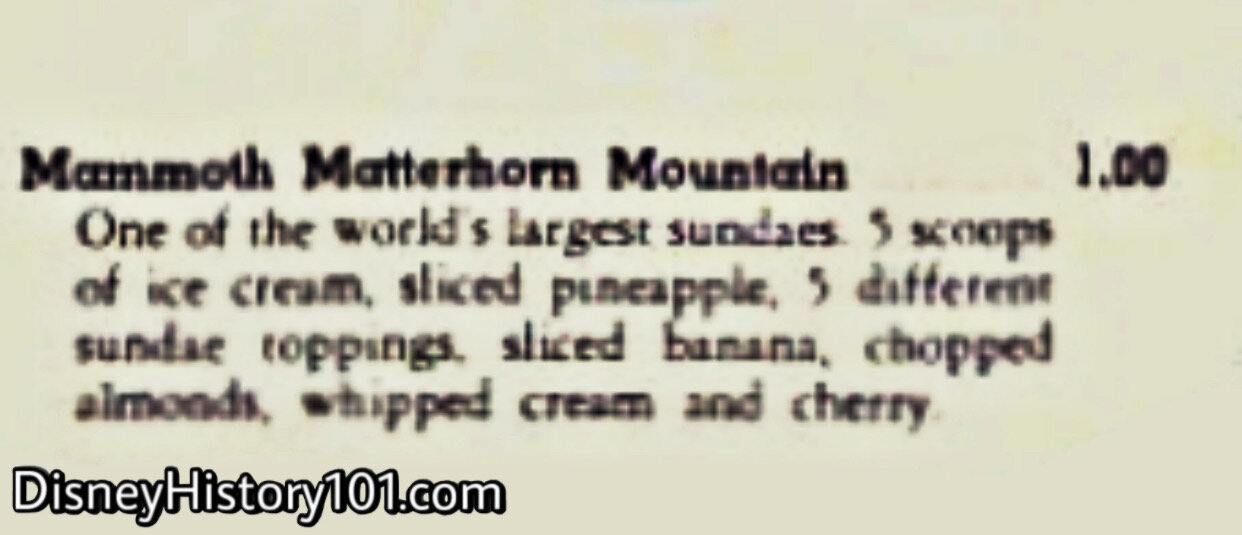
Guest Pat Nolan vividly remembers the debut of this monumental menu item : “My brother ordered - and finished the Matterhorn Mountain Special on the day the new ride was opened. It had 13 scoops of various flavors of ice cream and sherbet. I resisted and merely enjoyed a delicious banana split. We were there as a prize for Los Angeles Herald paperboys.”
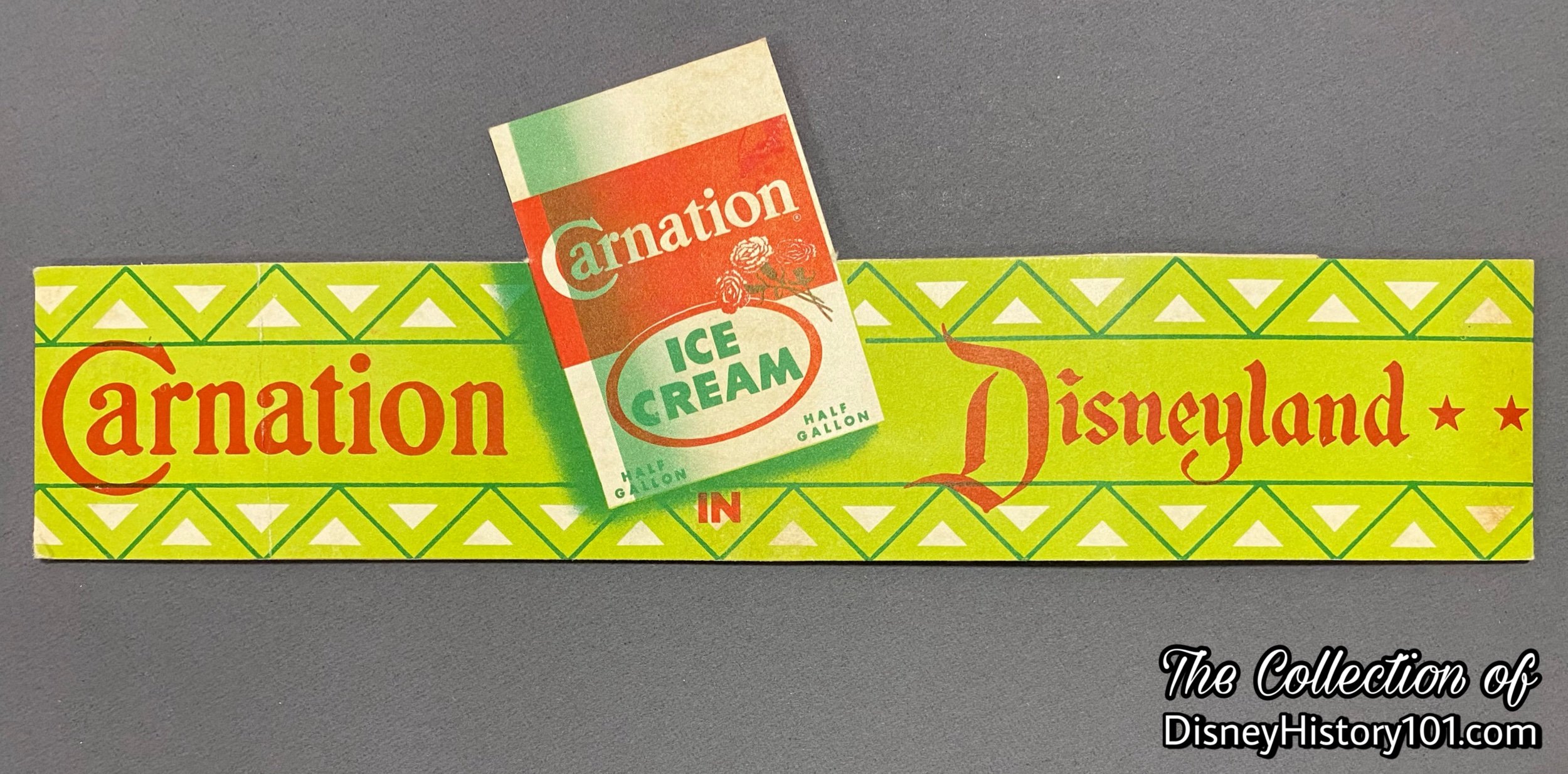
A merchandise was a tangible memory for a Guest.

By 1958, Carnation had a definite presence at Disneyland. By January 1, 1958, appraisers took note of the 1,672 square foot Carnation Ice Cream Parlor (with its additional 274 square-foot rear storage), the 186 square foot Carnation Cone Bar, and the 216 square foot Carnation Side Walk Cafe (an exterior area also occupied by the lessee; similar to the contemporaneous, 312 square-foot Coca-Cola Side Walk Cafe). The lessee nearly occupied the most square footage of the 8,833 square foot Main Street Building #400.
By September of 1958, Carnation was also contributing a routine portion of accounts receivable to Disneyland, Inc.
Owning to Jack Sayers (of Lessee Relations), Carnation Farms was a contributing Participant in Disneyland ‘59! The first Disneyland Dictionary (printed in October of 1959) noted Carnation Ice Cream Parlor operated by Carnation Company served “Carnation ice cream in every form, and lunches.“ By October of 1959, the company was (1) of over sixty-eight other firms playing a vital part in the team effort to bring happiness to Disneyland’s Guests. Some were small, specialized individual operators; some were huge companies such as Swift & Co. - the Bank of America - United Paramount Theaters (which you hear as UPT) - Carnation - Richfield - General Dynamics - Crane - and many others. These companies used the park to publicize their wares, leased space in the Park to sell their wares, and Disneyland collected advertising fees from them.
As a sidelight, by October 1959, Jim Baker (of Merchandising) was overseeing the Disneyland Food Administration and Souvenir Sales. By that same year of 1959, of the total income received by Disneyland, Inc. from leases, 16.02% was derived from the selling of advertising rights and 40.12% from the leasing of space to concerns whose main reason for occupancy is for advertising purposes. The remaining 43.86% of the lease income was derived from stores that sold various products and food. To celebrate what was billed as “Disneyland’s Second Opening,” Carnation Ice Cream Parlor carried new special themed menu options.
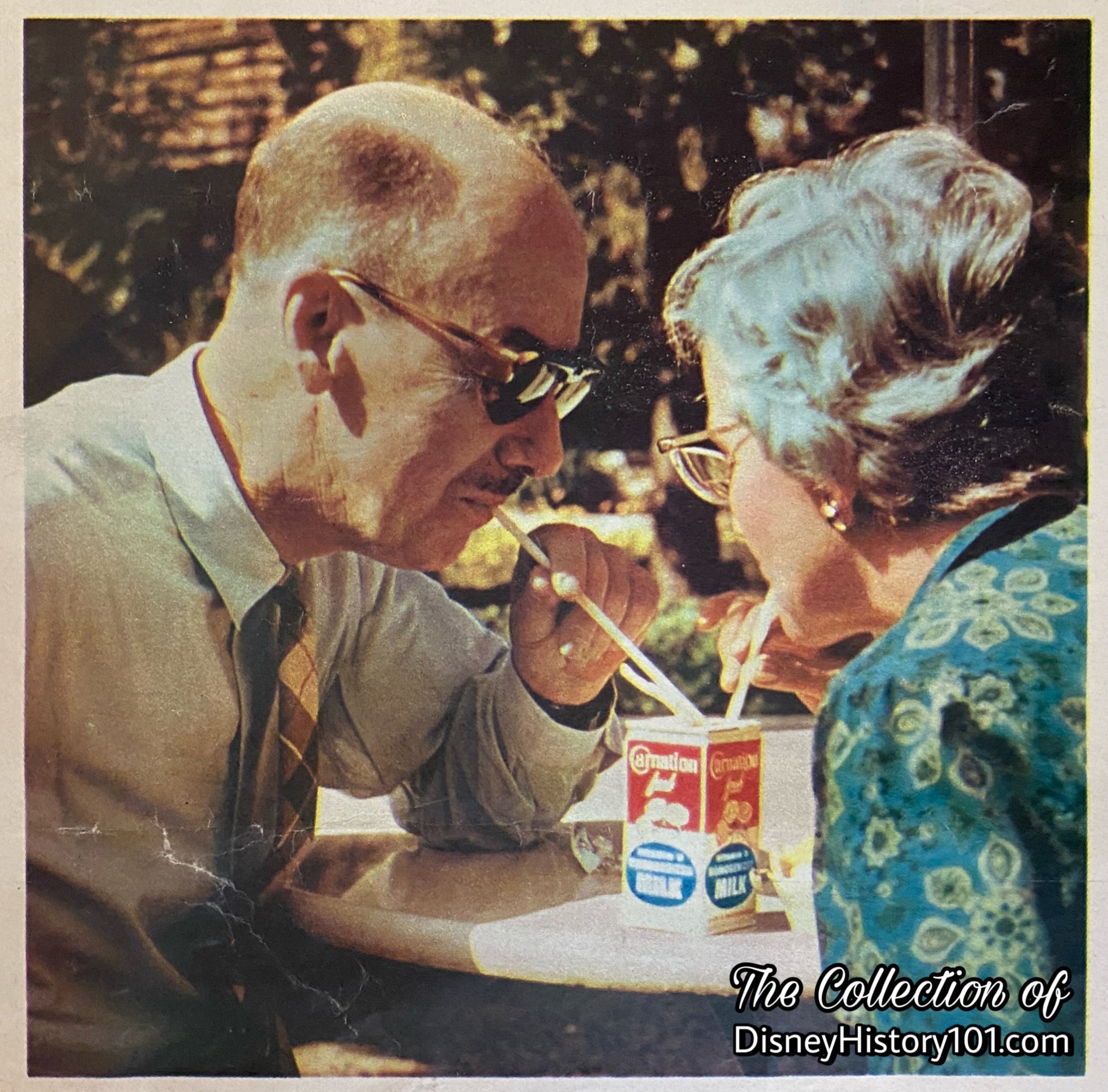
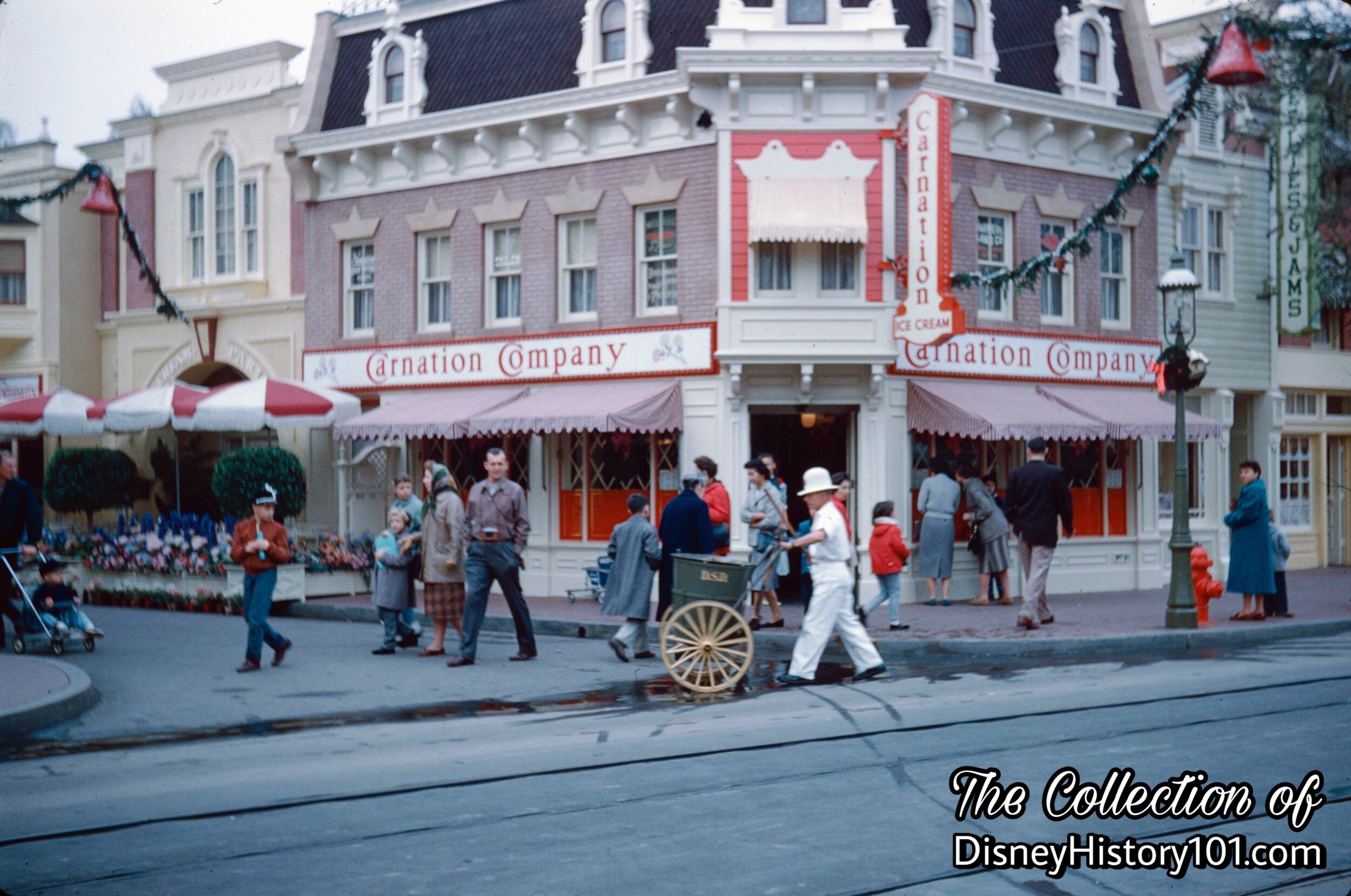
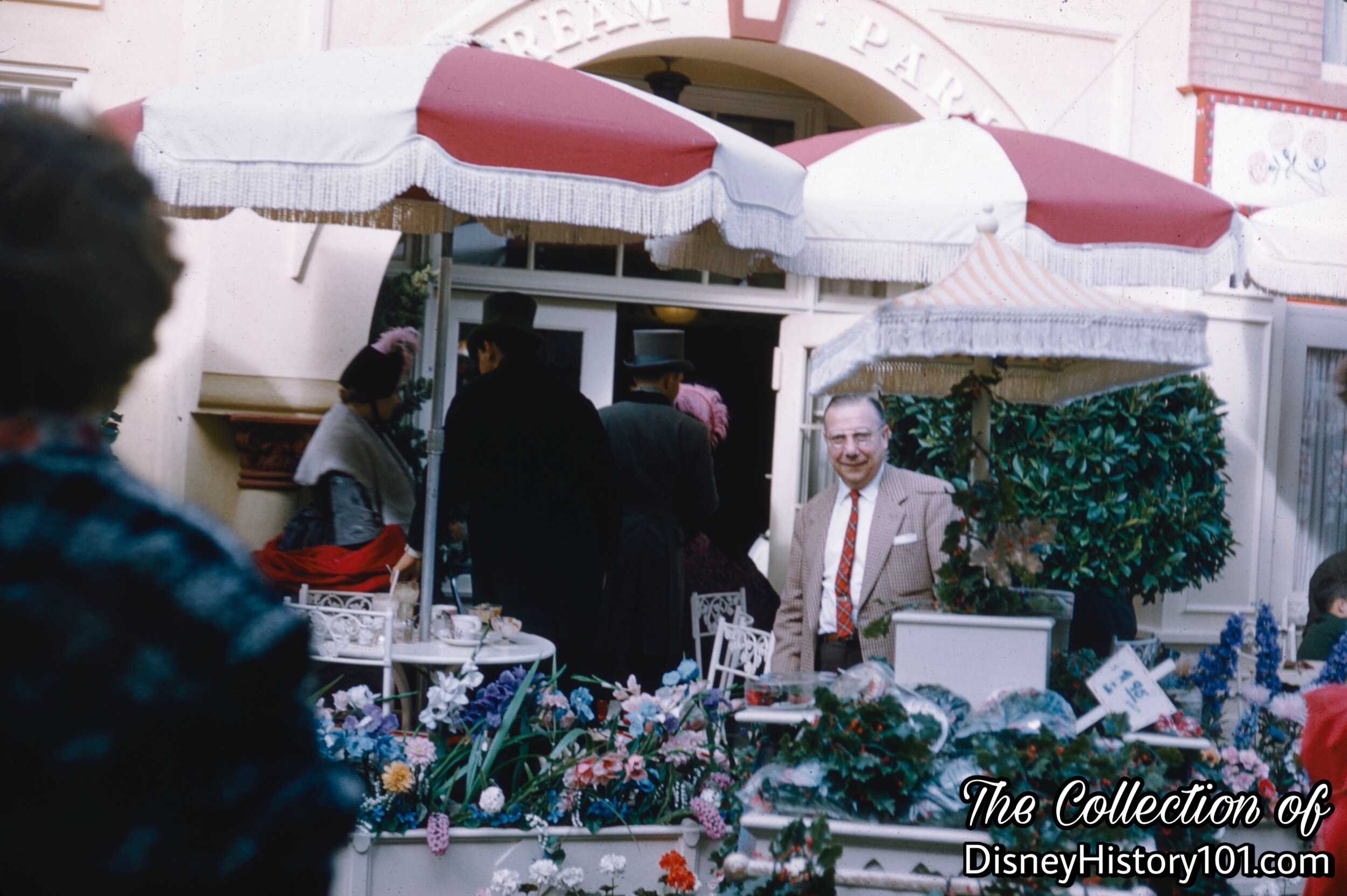
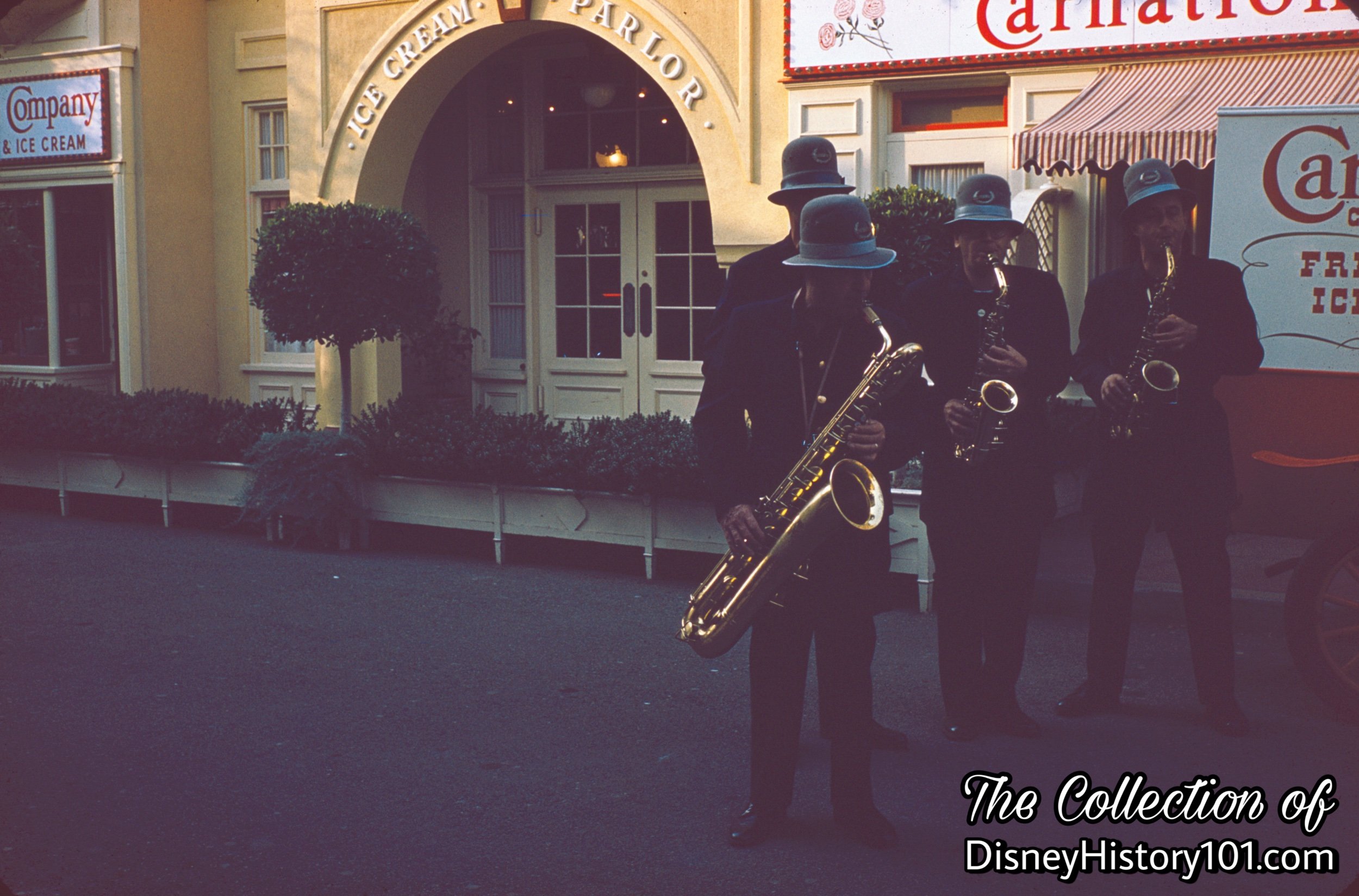
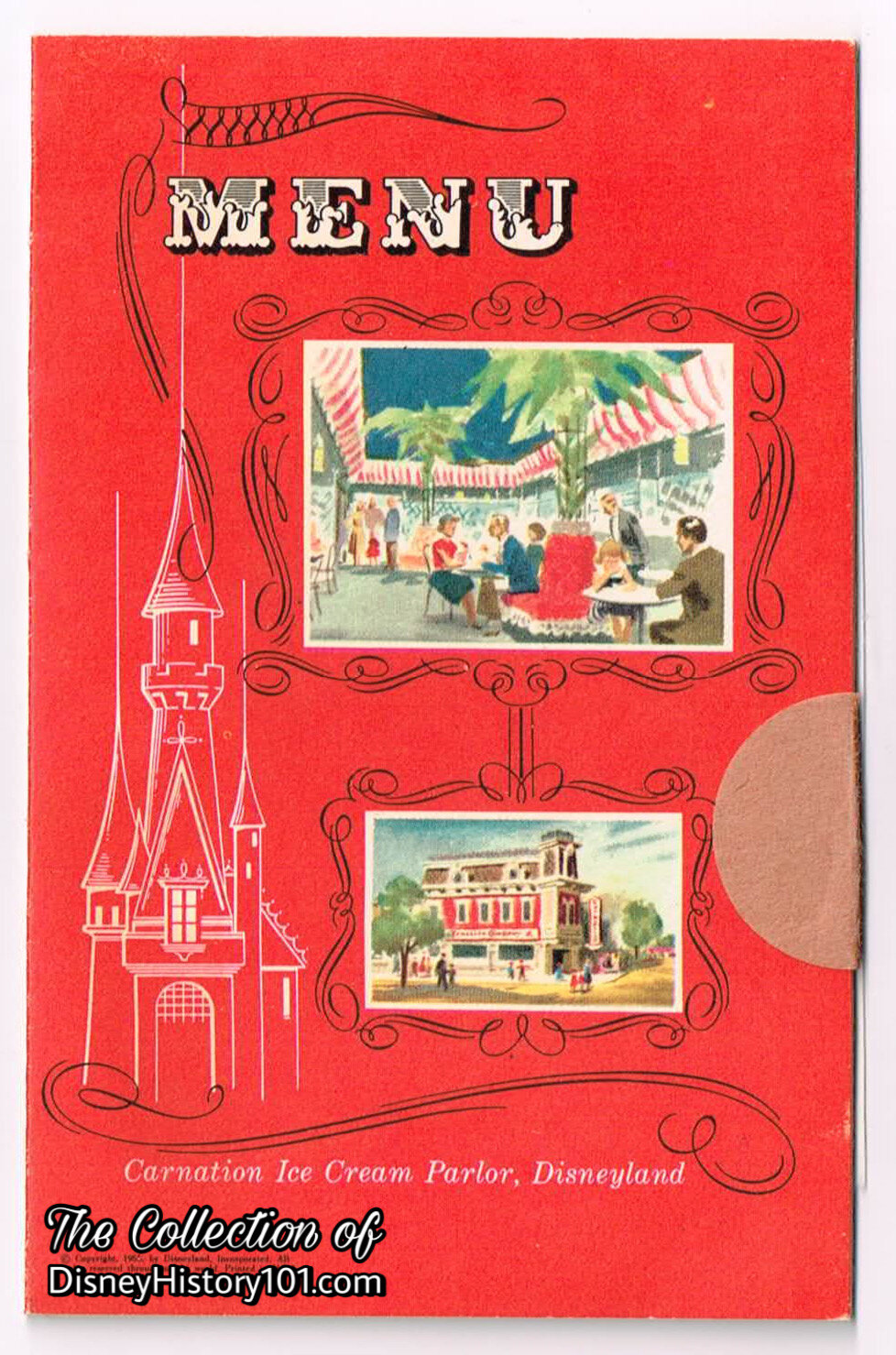
The main attractions were the “ice cream specialties” - giant sundaes and satin-smooth sodas, made with famous Carnation ice cream and fresh milk! Old timers would immediately note the phosphates, sarsaparillas, and parfaits! There were other traditional desert offerings on the menu, like the Lover’s Delight and the Banana Split. For those early morning visitors, breakfast was served until 11:30 a.m. Other menu items included hot and cold sandwiches, health food sandwiches, soup, salads, and beverages. In a move of corporate synergy, the Carnation Ice Cream Parlor was one of 16 Disneyland “eating places” which featured “fine food with fine coffee - Maxwell House!” In turn, “good coffee deserves Carnation,” and so Carnation products were offered at those 16 dining locations (including Maxwell Coffee House).

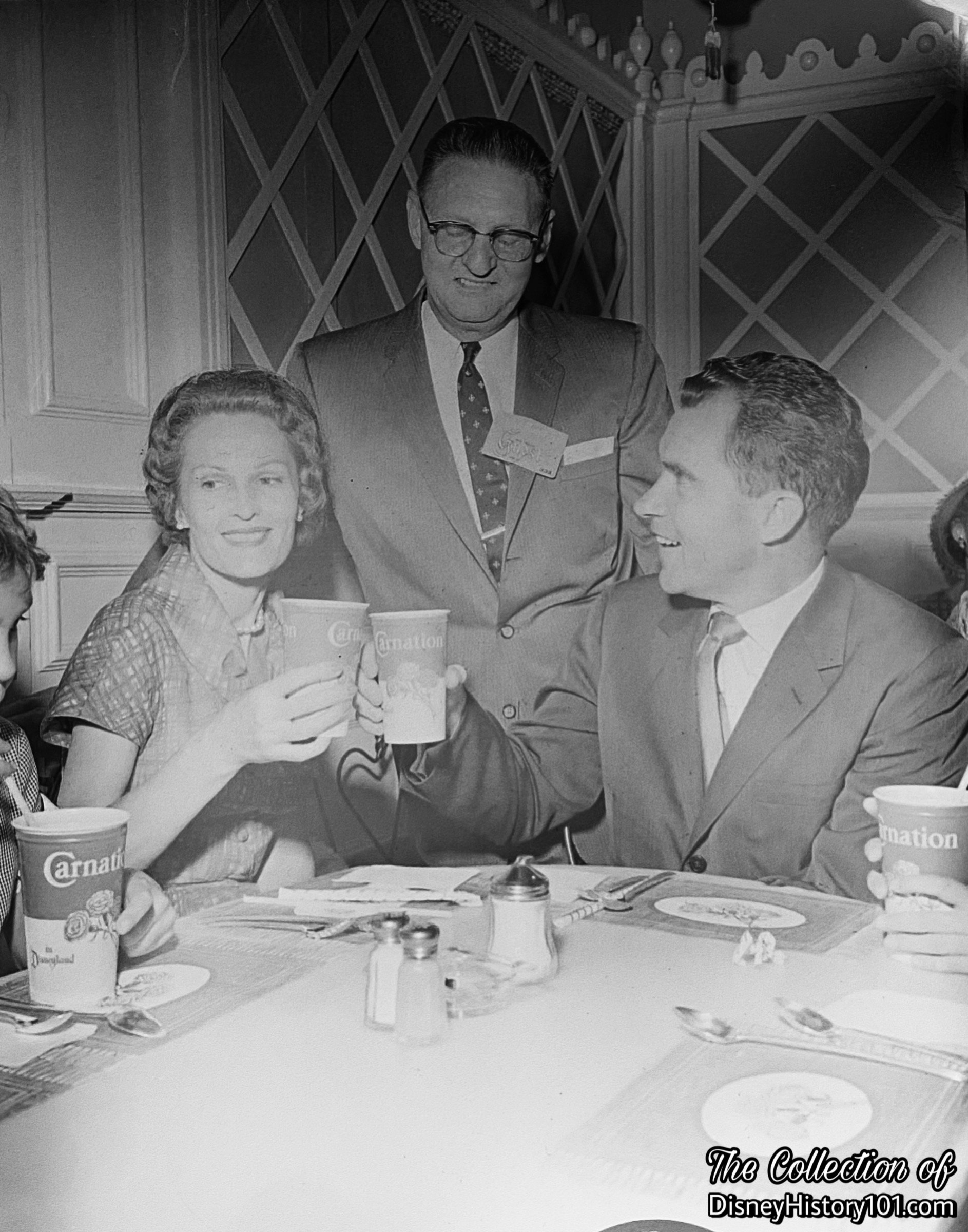
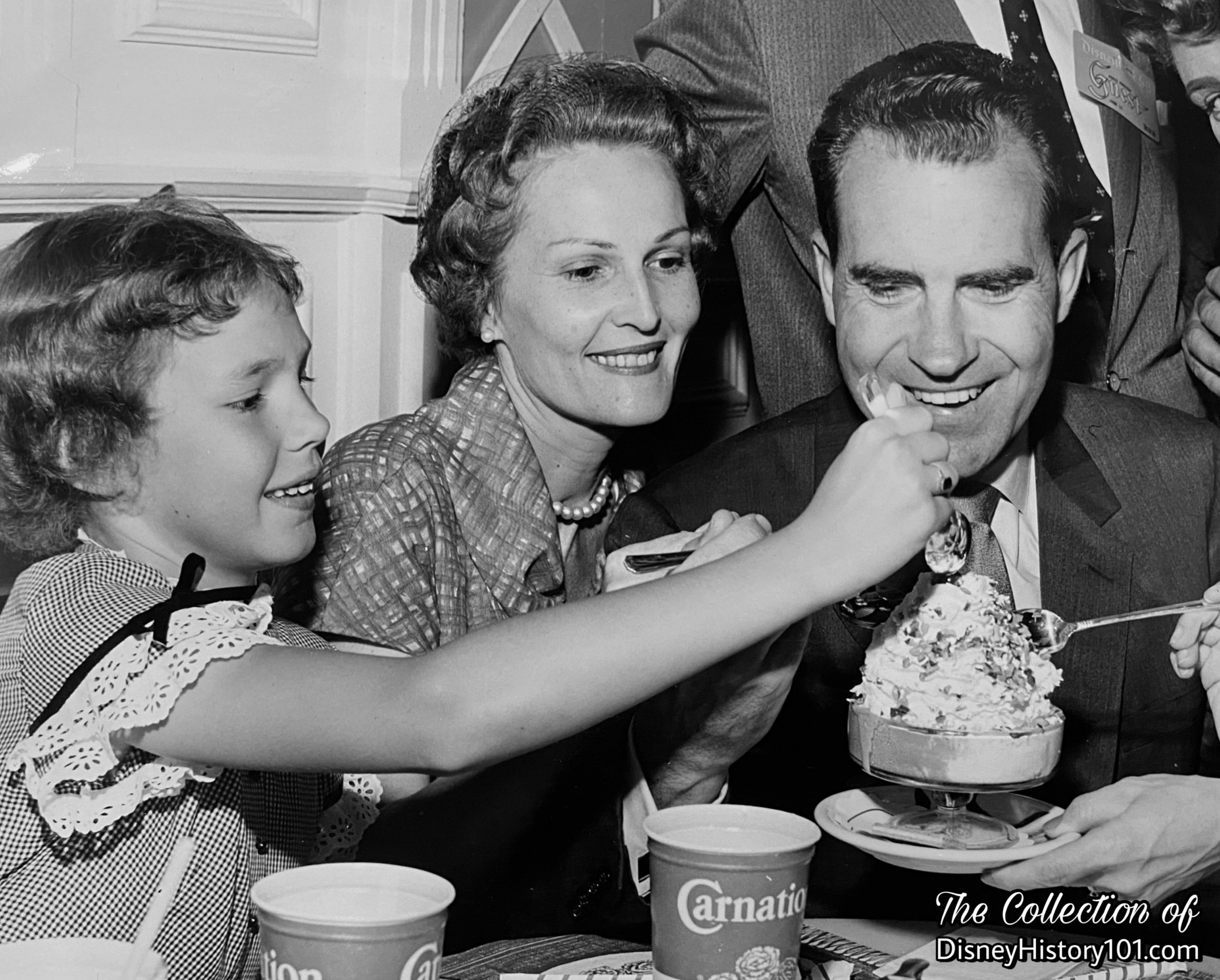
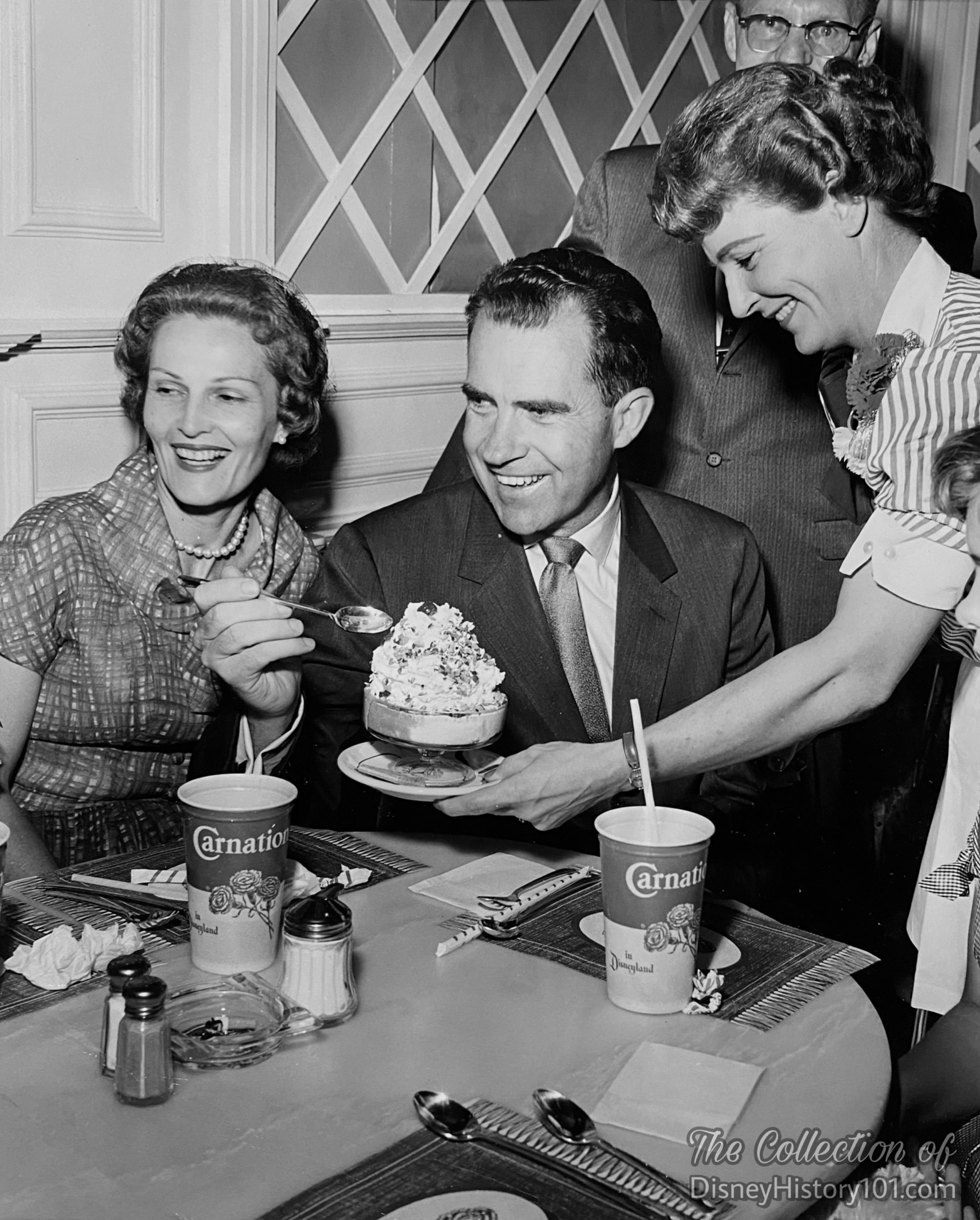
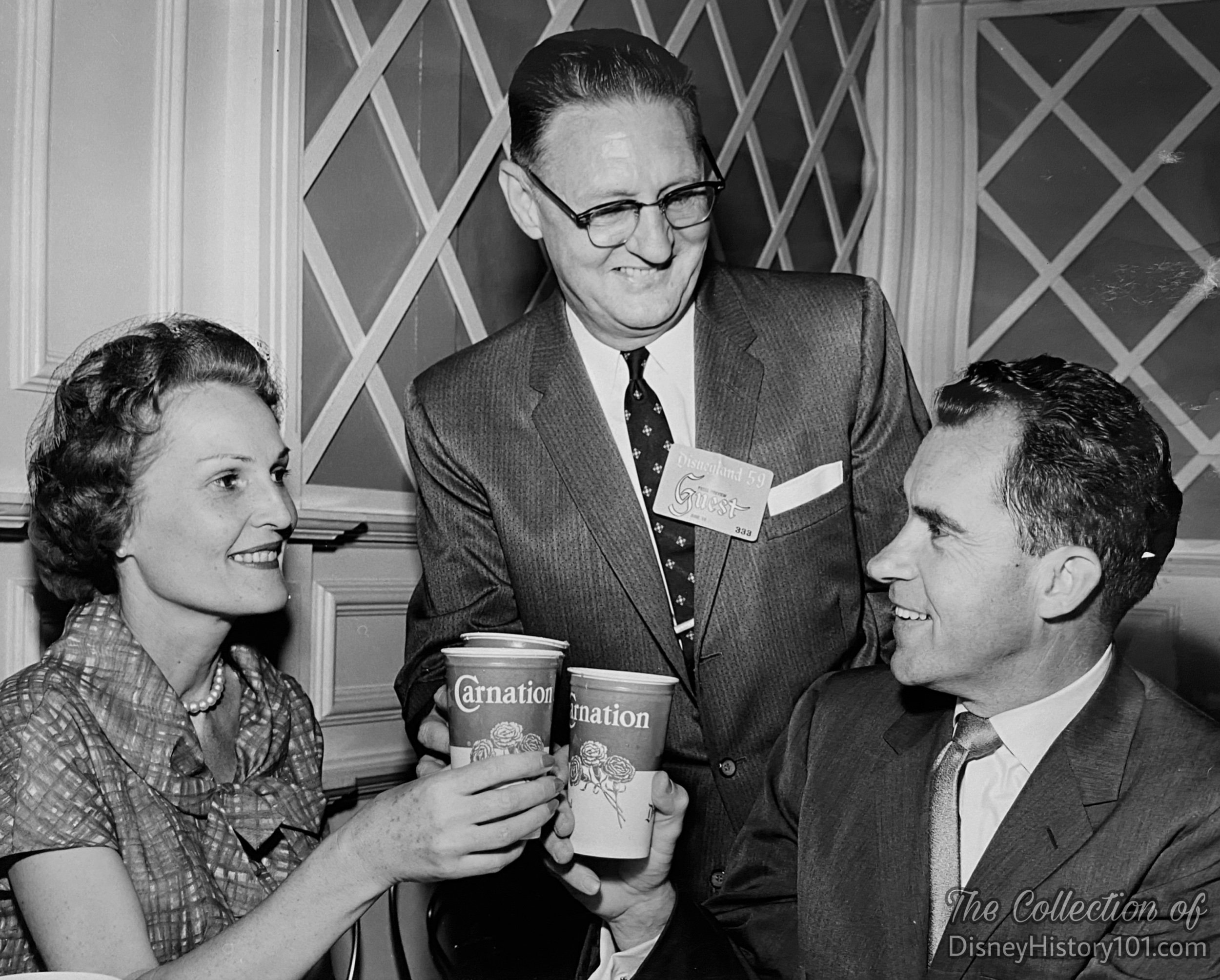
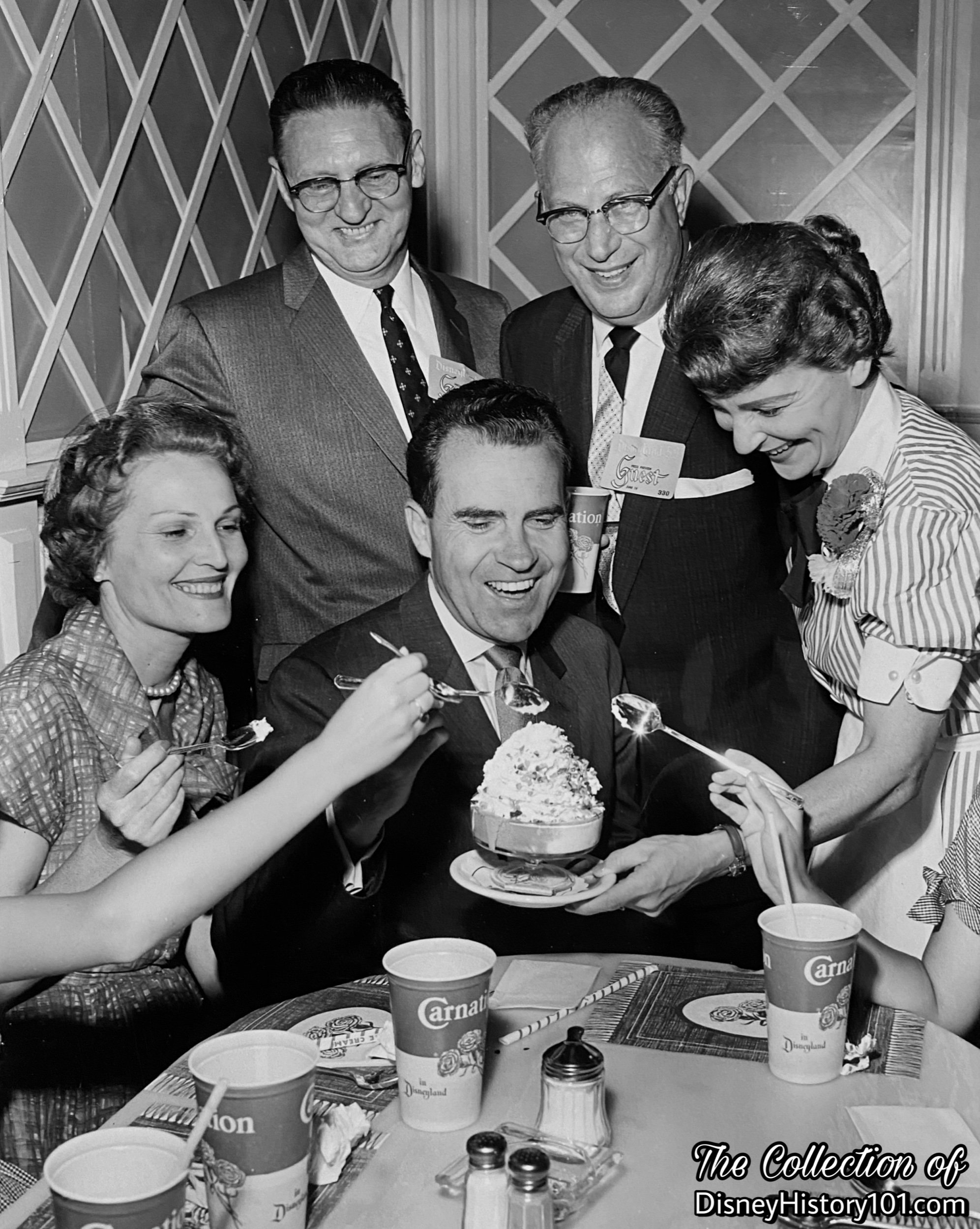
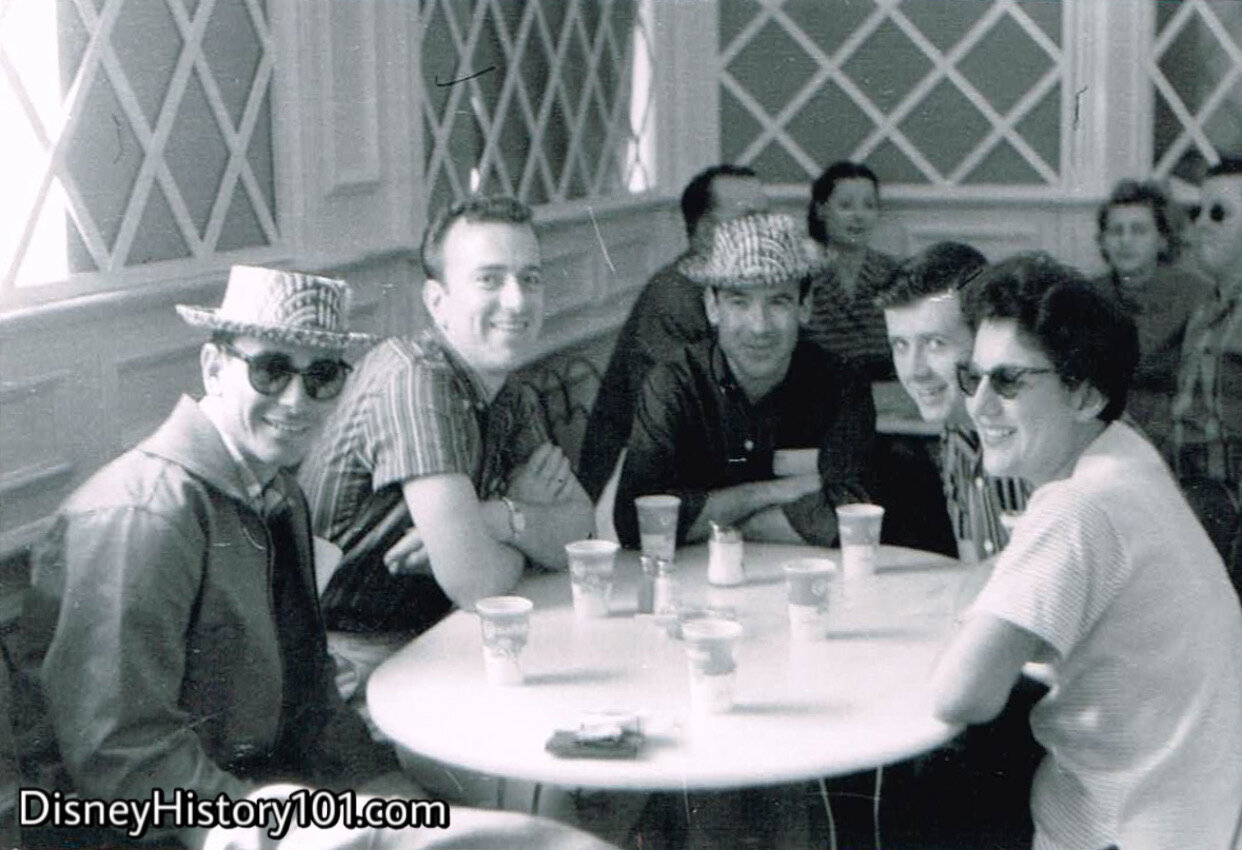
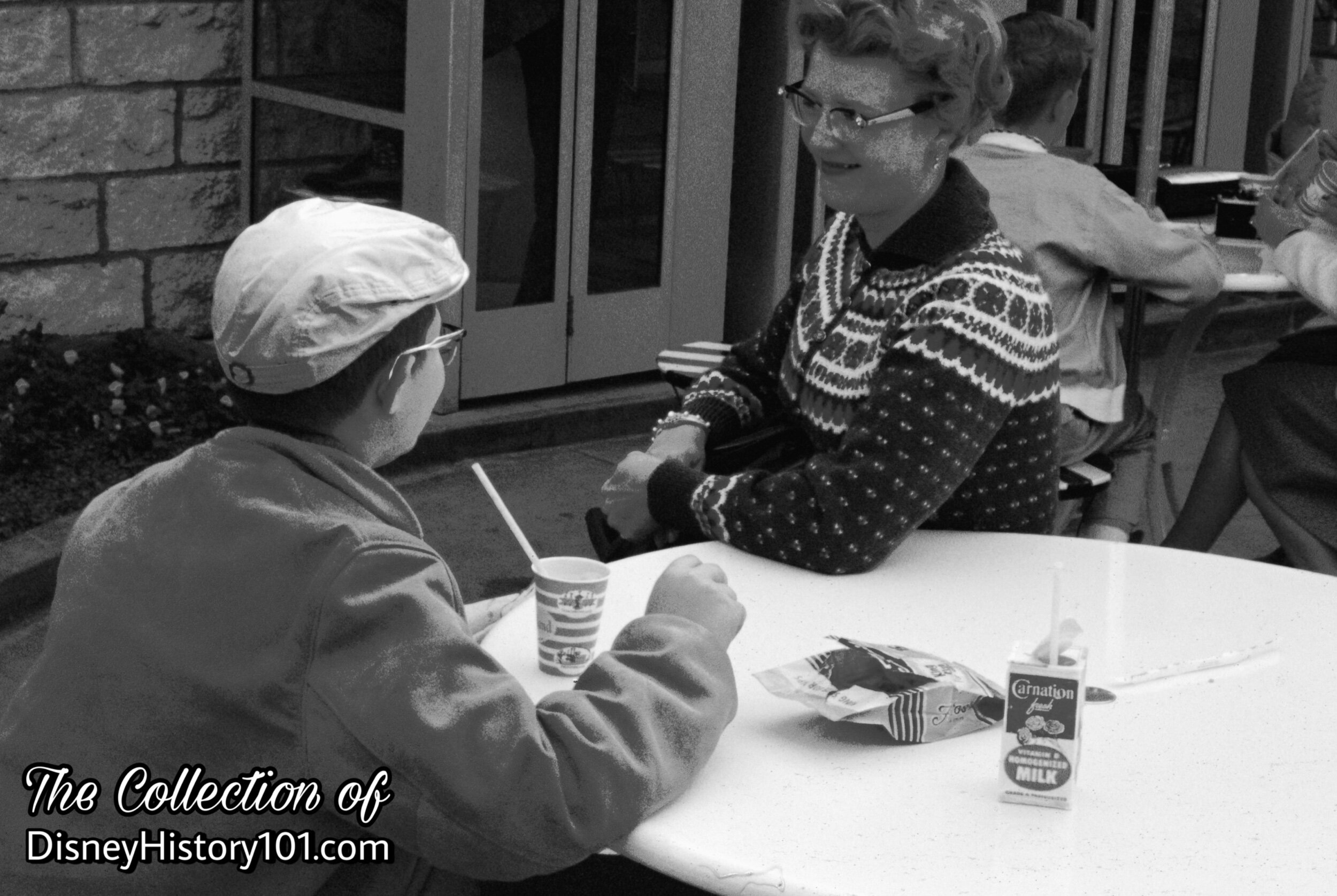
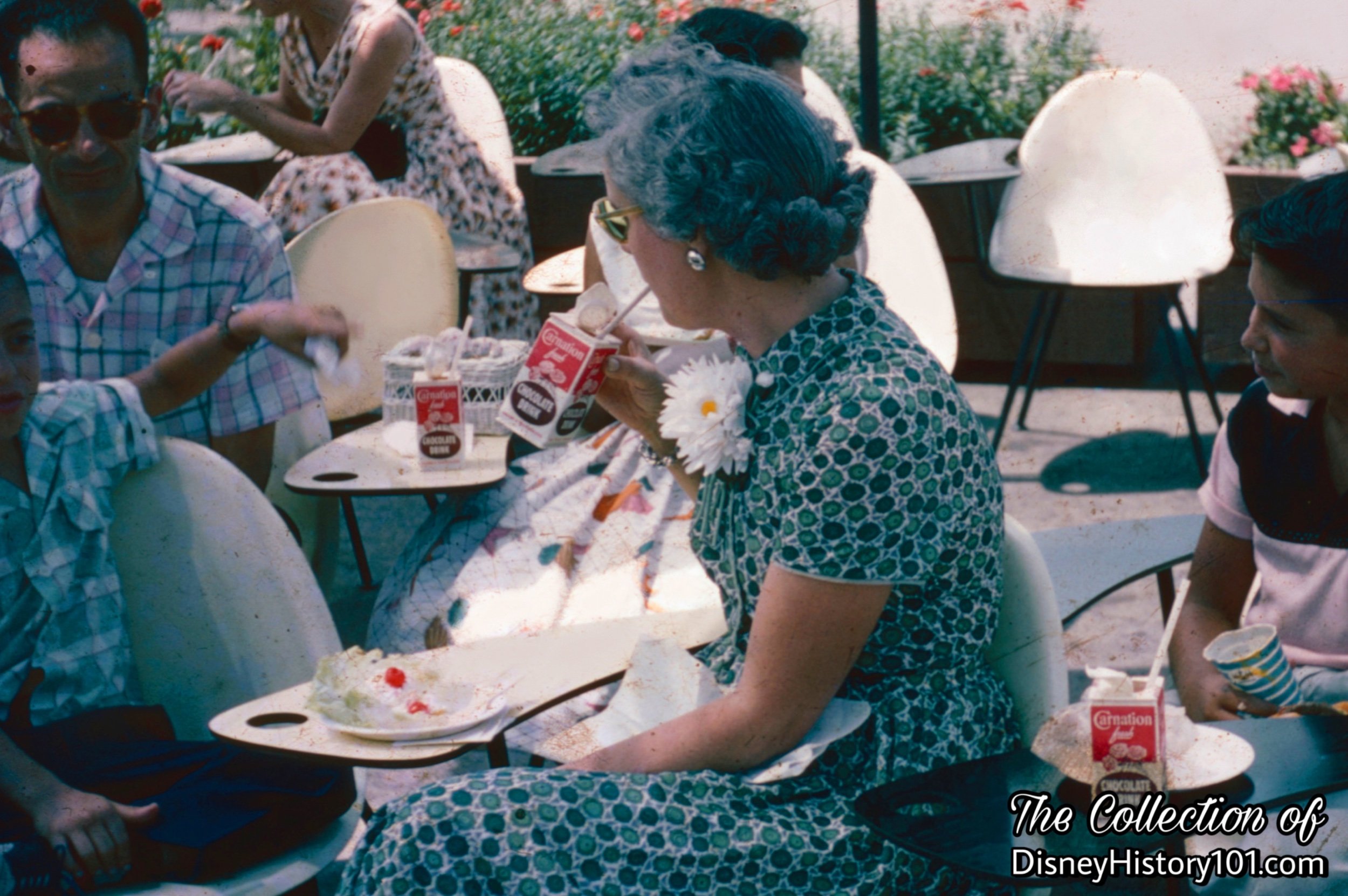
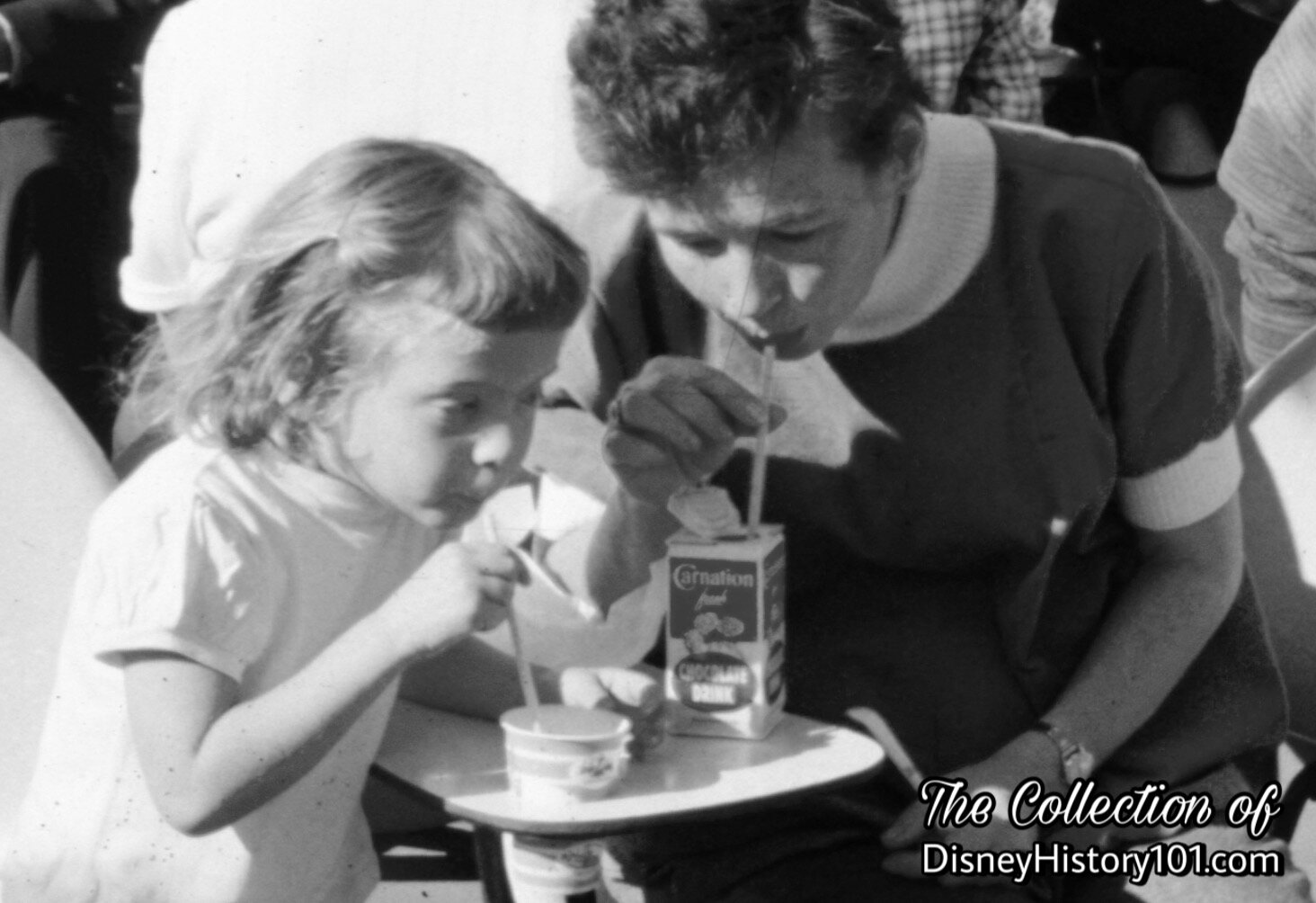
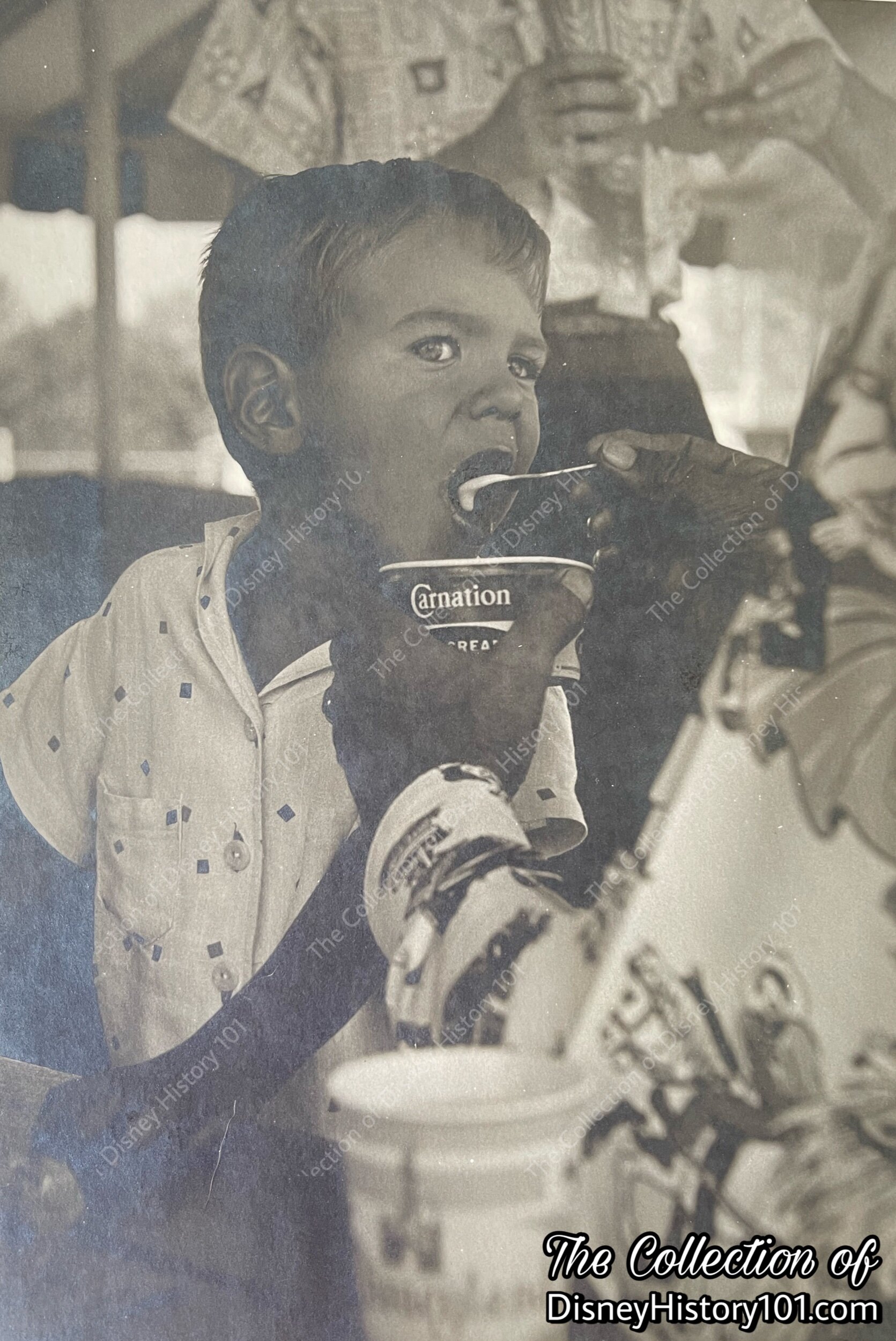
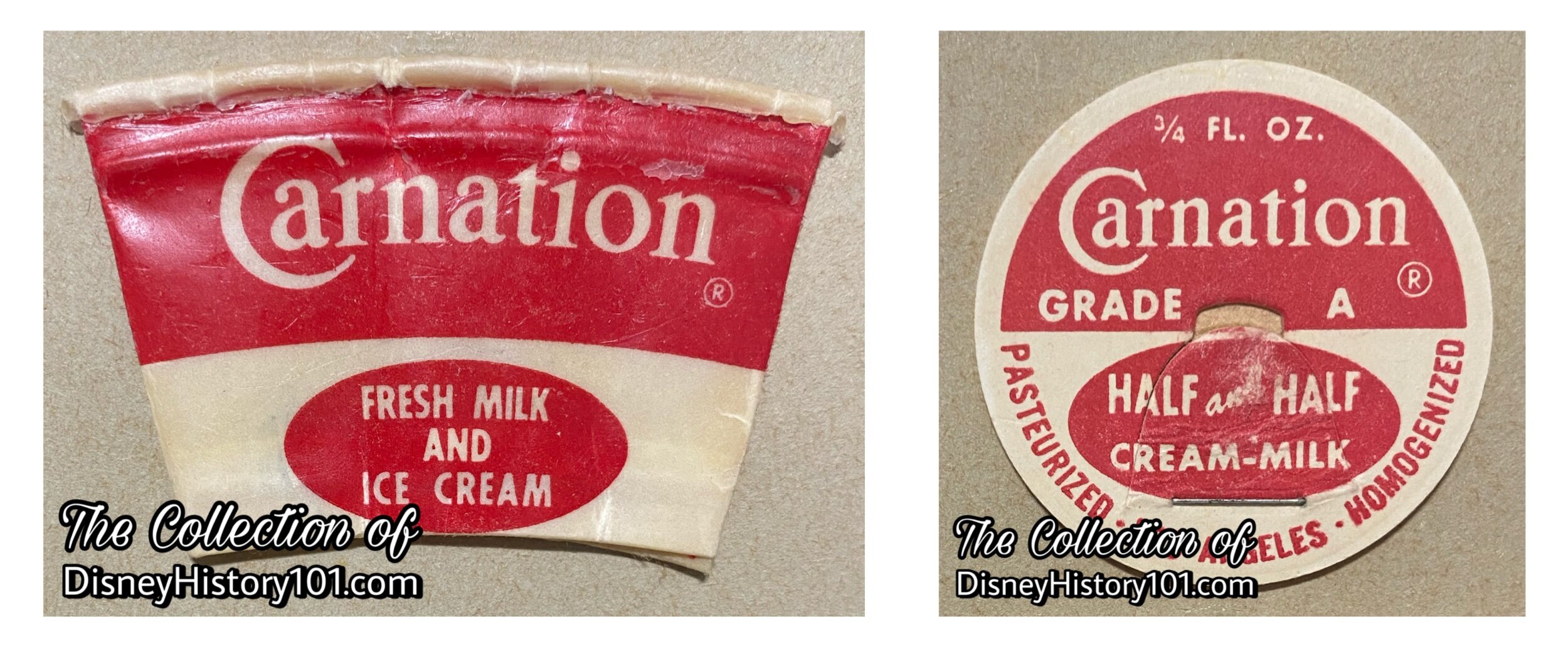
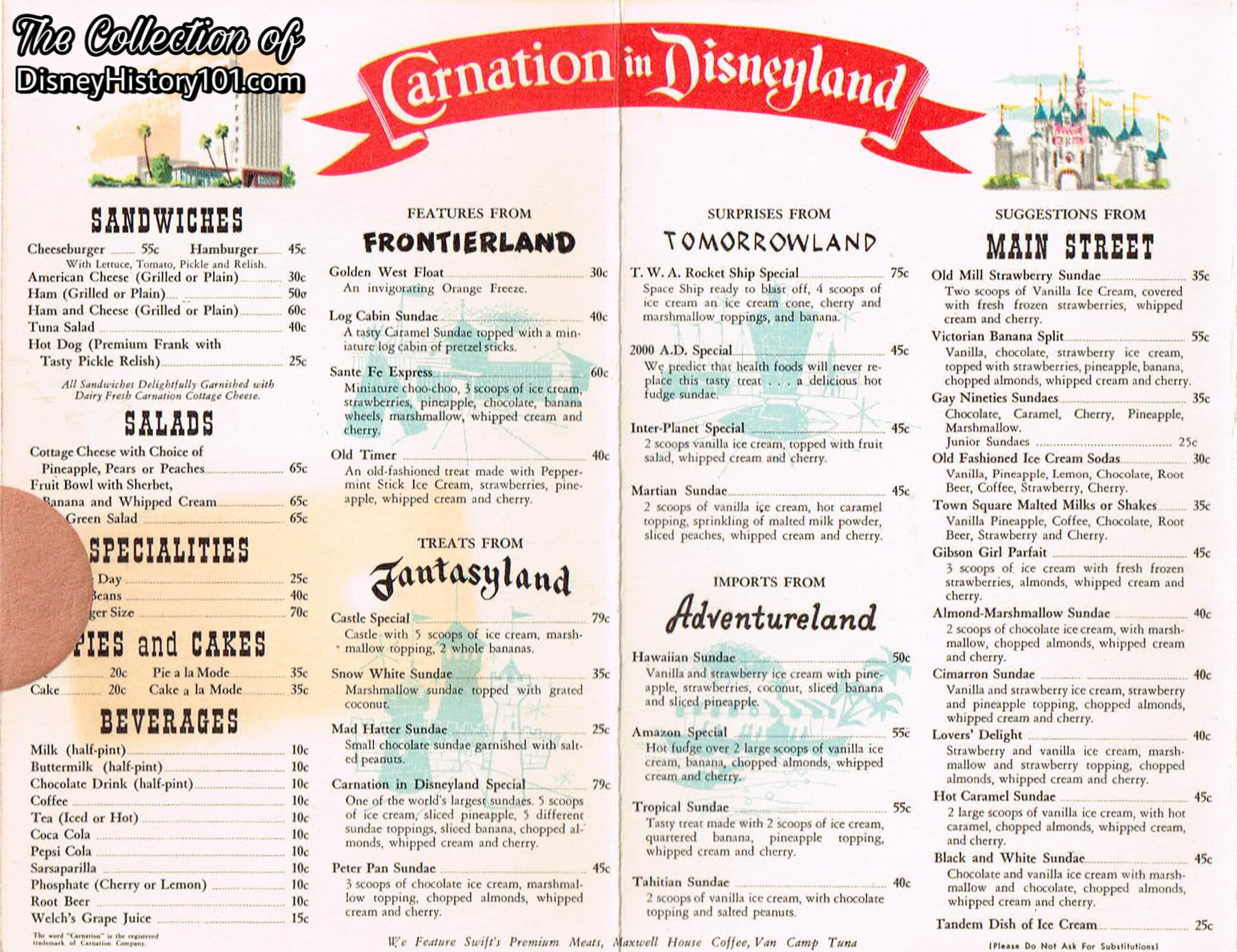
Though some Carnation products could be found at Ice Cream Carts (as Carnation held exclusive rights on milk, ice cream, and other dairy products in Disneyland), this was the only location that carried such a diverse amount of flavors. Such wonderful flavors as Rainbow, Fresh Peach, and Pineapple are but a few of the countless tempting treats served up in the gracious manner of the 90s to all who pause for refreshment during a day at Disneyland. Garnishes included sherbets and cottage cheese.
Though Carnation had exclusive rights on milk, ice cream, and other dairy products in Disneyland, this was the only location that carried such a diverse amount of flavors. By the end of Disneyland’s Tencennial celebration, Carnation continued to be the only ice cream sold in Disneyland for 10 years!
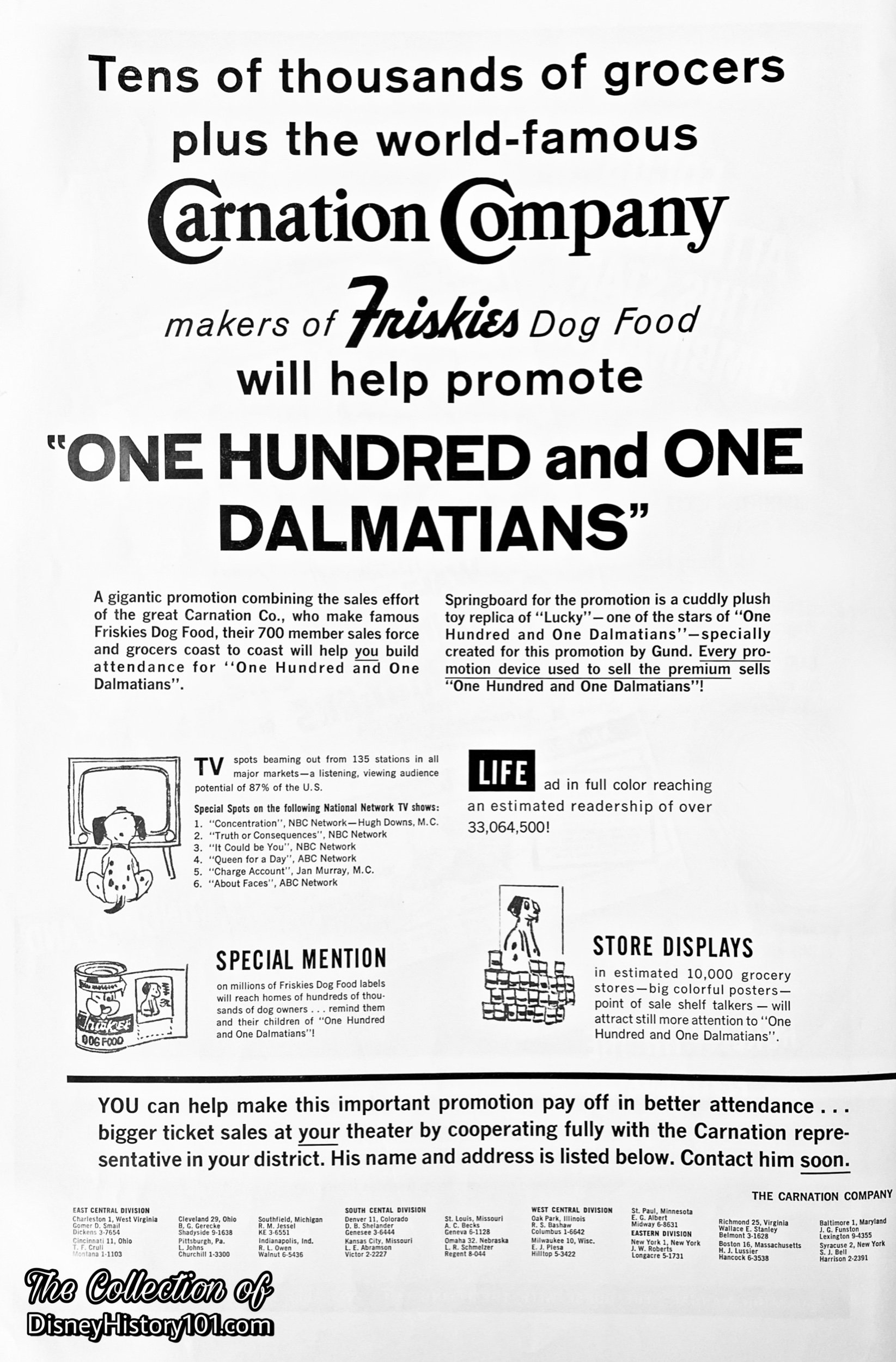
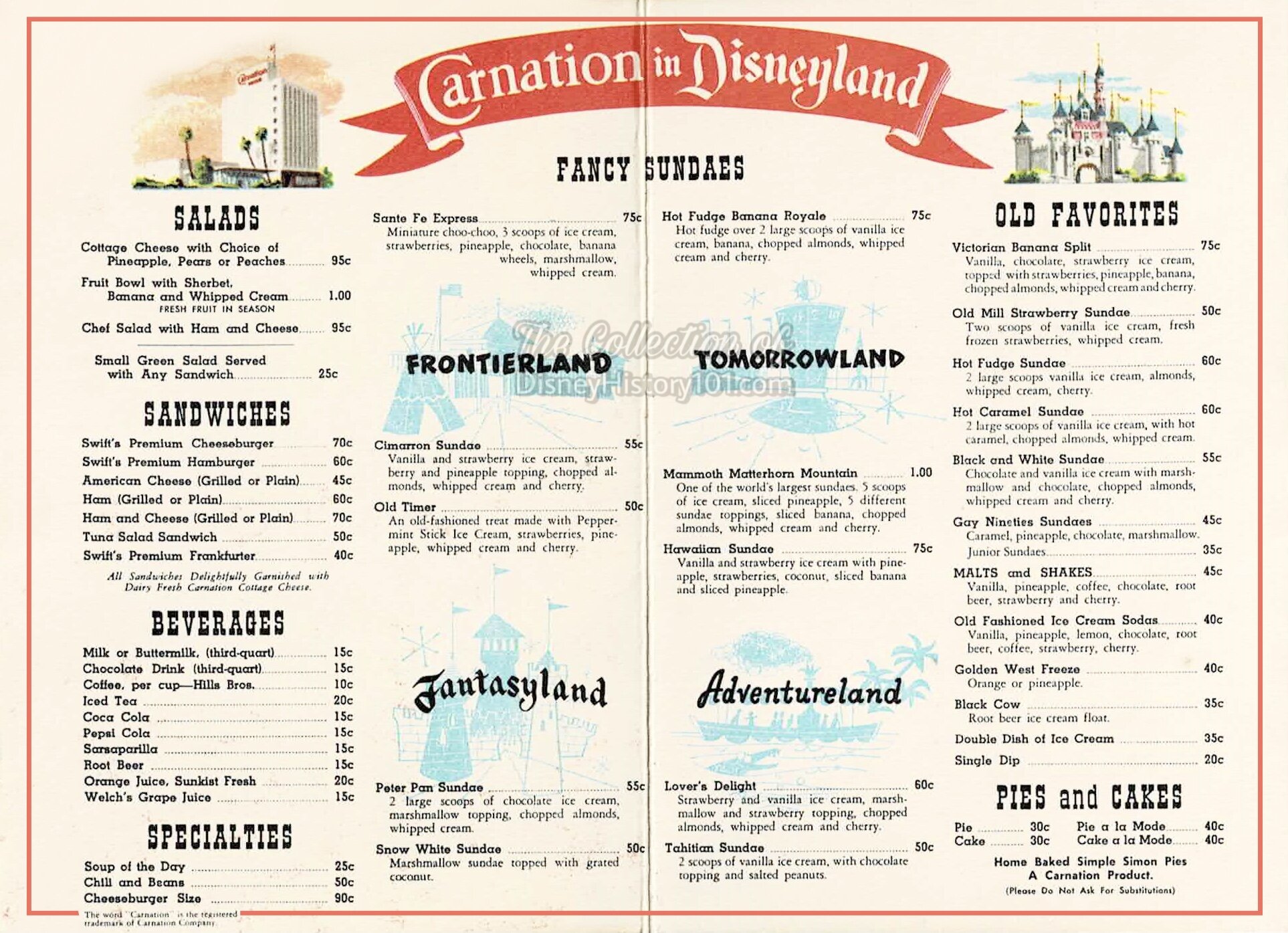
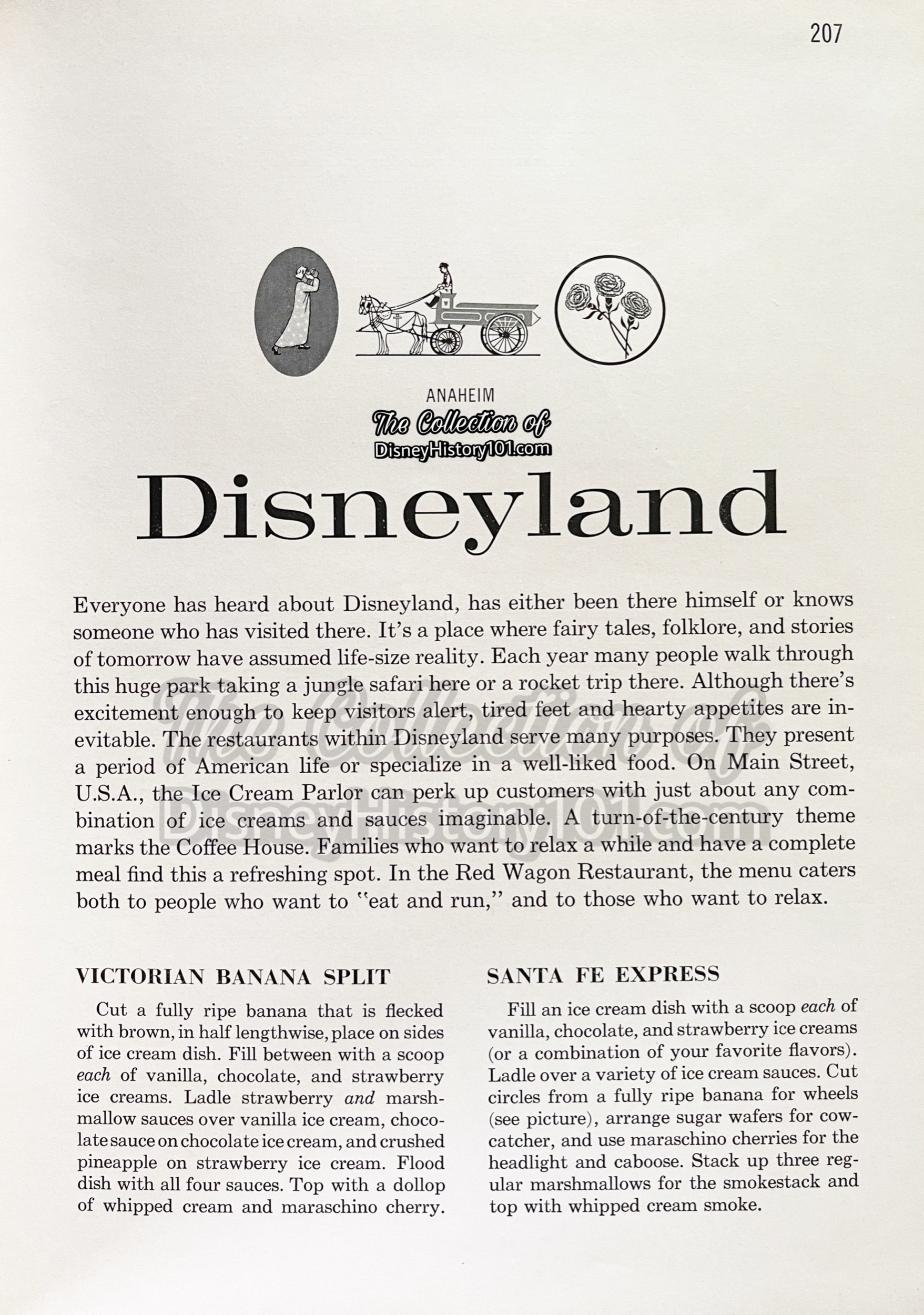
Better Homes and Gardens "Famous Foods from Famous Places" (published by Meredith Press, 1964) pages 206-208, spotlighted a number of Carnation Ice Cream Parlor treats.
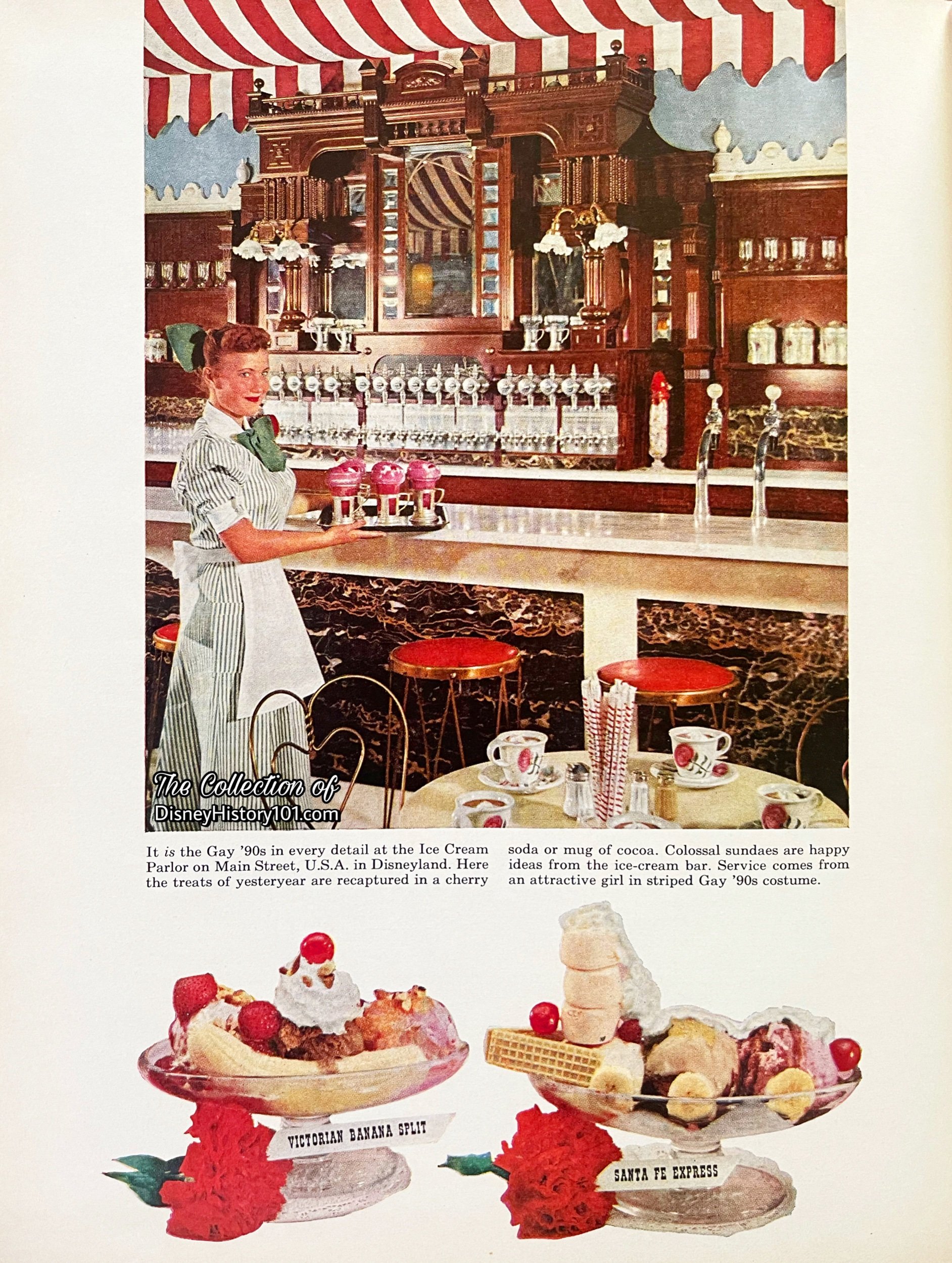
An “old favorite” (left) and a “fancy sundae” (right) are pictured above, while two “suggestions from Main Street” are pictured below. Maybe some of you will remember eating some of the best banana splits at Carnation Ice Cream Parlor.
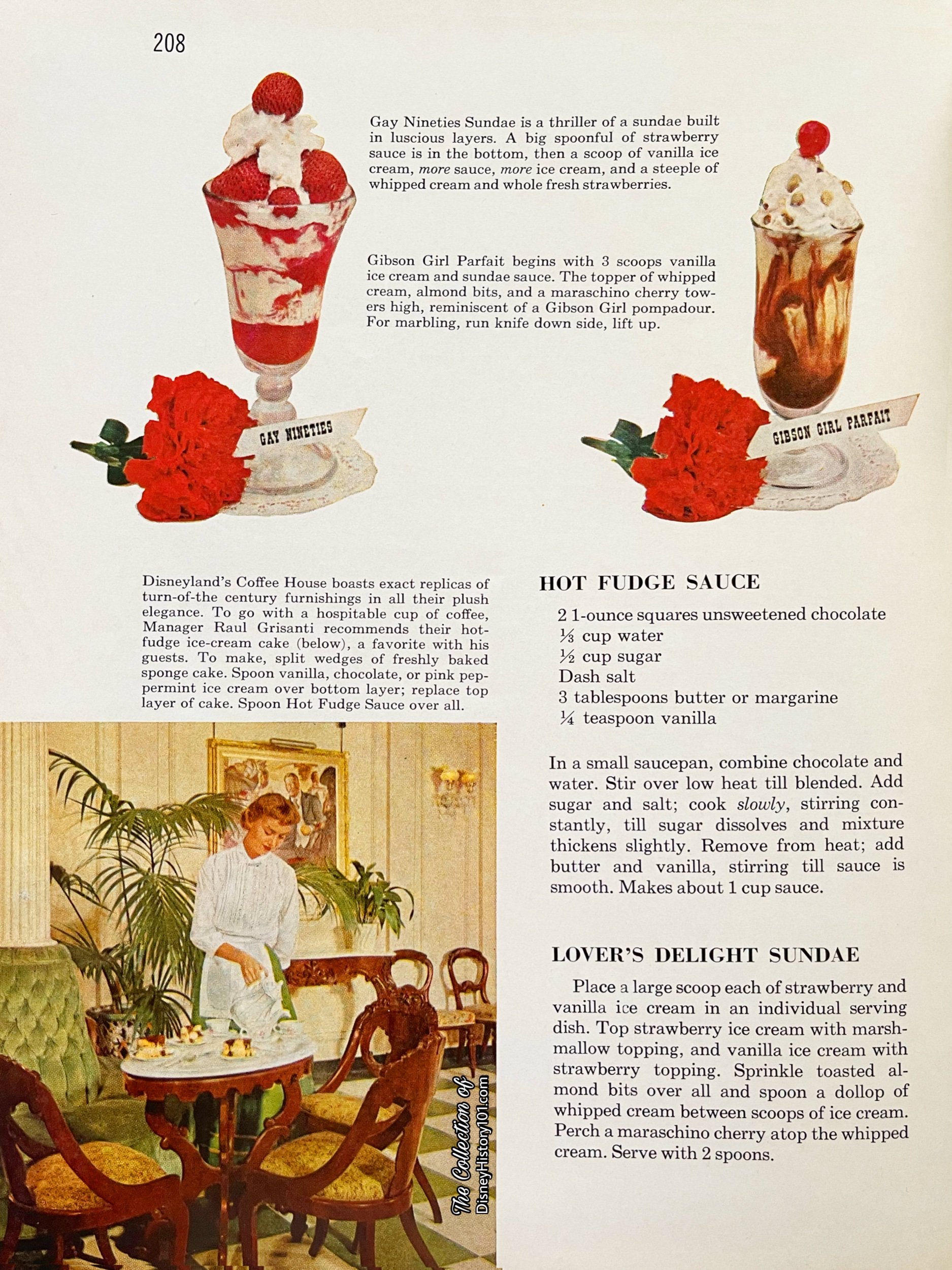
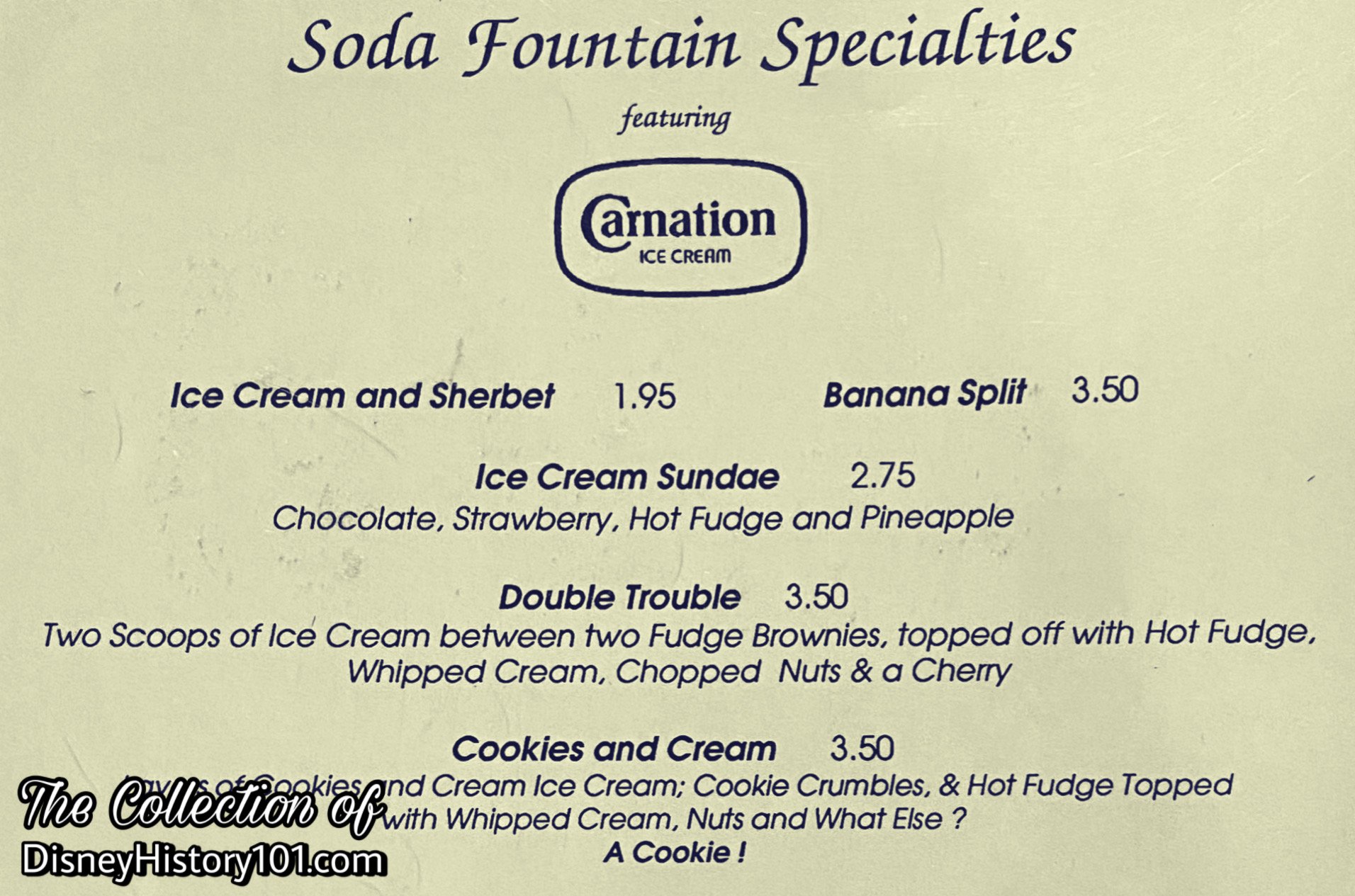
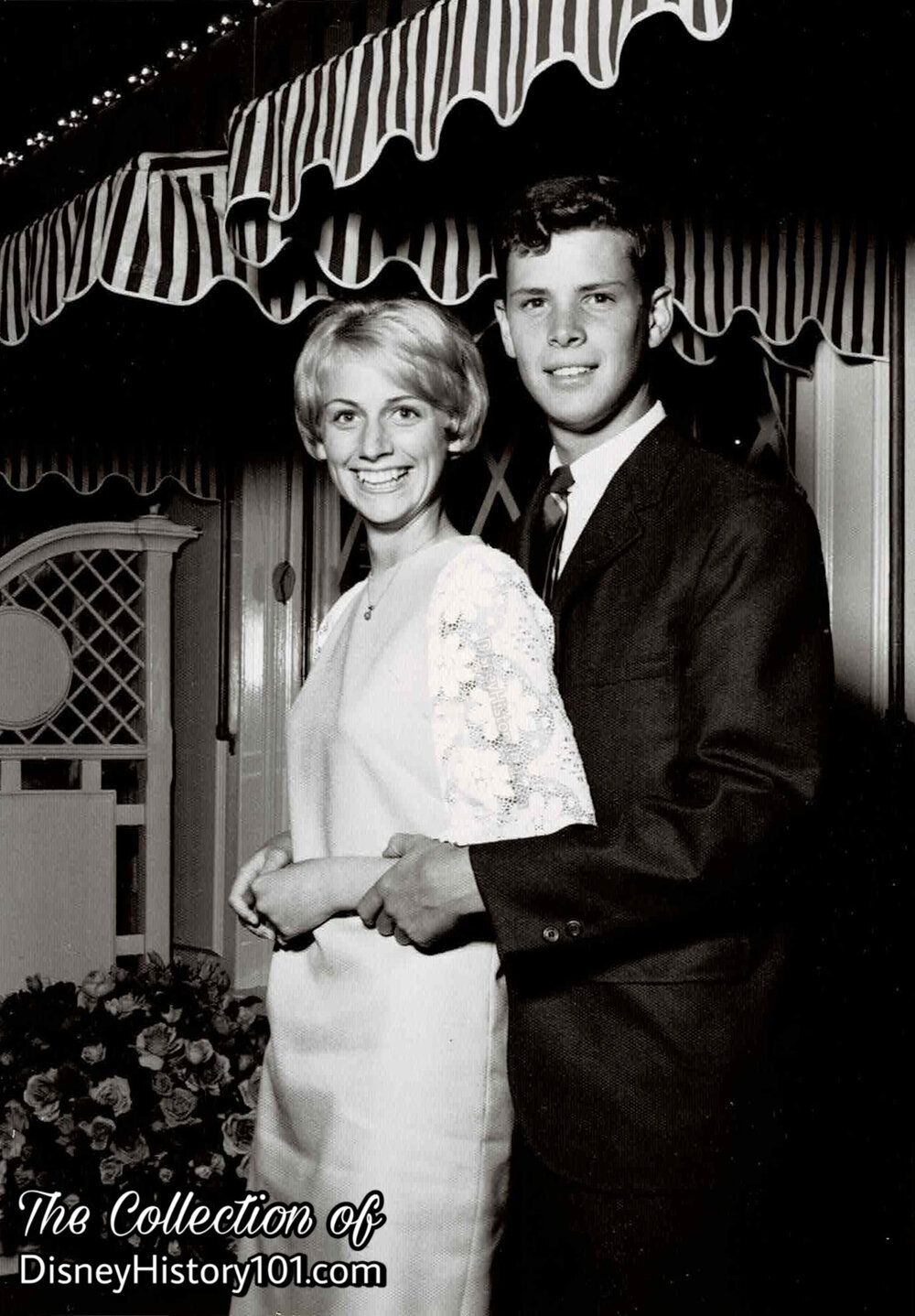
An area adjacent to Carnation Ice Cream Parlor was used as a Disneyland Grad Nite Photo Location for several years through the 1960’s.

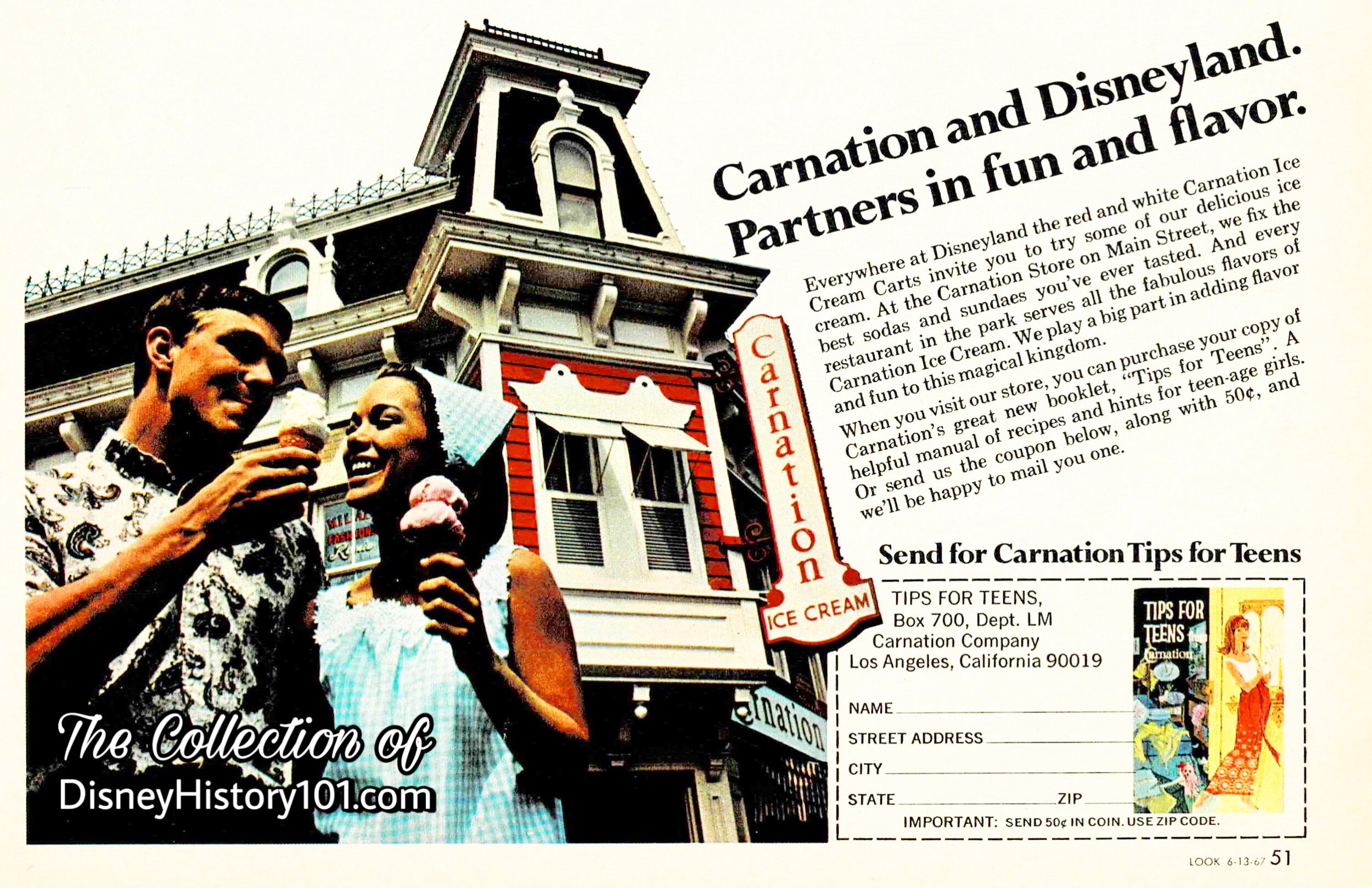
“Fun and Flavor Sweepstakes and Other Promotions”
During 1967 and 1968, Disneyland supported the “Carnation Fun and Flavor” campaign. Disneyland Ambassador Sally Sherbin made an appearance on the “Carnation Fun and Flavor Sweepstakes” program. In addition, Mickey Mouse, Sally, and other members of Disneyland’s staff (like Disneyland Hostesses) made more than 100 appearances on television, radio, and in-person at local supermarkets to assist the Carnation campaign!
“You’re In Good Company” (A Report To Disneyland Lessees, Summer ‘68) commented about the campaign this way :
“Many lessees through the years have promoted their association with Disneyland with outstanding results. One of the most ambitious - and successful - of these tie-ins came this spring [of 1968]… Carnation’s Fun and Flavor Sweepstakes. Here was a vast and complicated campaign that not only had the full cooperation and assistance of Disneyland’s marketing division, but also the cooperation of several other Park lessees [as Eastman Kodak, General Electric, and United Airlines] in a partnership promotion. ‘We won’t have the final results for awhile yet,’ said Charles E. Pritchard, Carnation’s marketing manager, ‘but I can tell you that overall it’s been the most successful promotion that we ever had. Our tie-in with Disneyland has given our sales staff a tremendous morale boost by providing them with a valuable tool to attract a great deal of attention and interest. Our first quarter sales were the highest in the fresh milk and ice cream division’s entire history. ‘What we’re looking for,’ Pritchard continued, ‘was a connection for our 1968 advertising campaign that would be of interest to our markets on a local level. In our western United States region, we have 23 separate marketing areas, each virtually autonomous, and each requiring intensely localized promotion. Carnation has always been associated with flavor - 38 in ice cream alone - and Disneyland has always been synonymous with fun. We wanted to tie the two aspects into one thought… Carnation - Disneyland, partners in fun and flavor.”
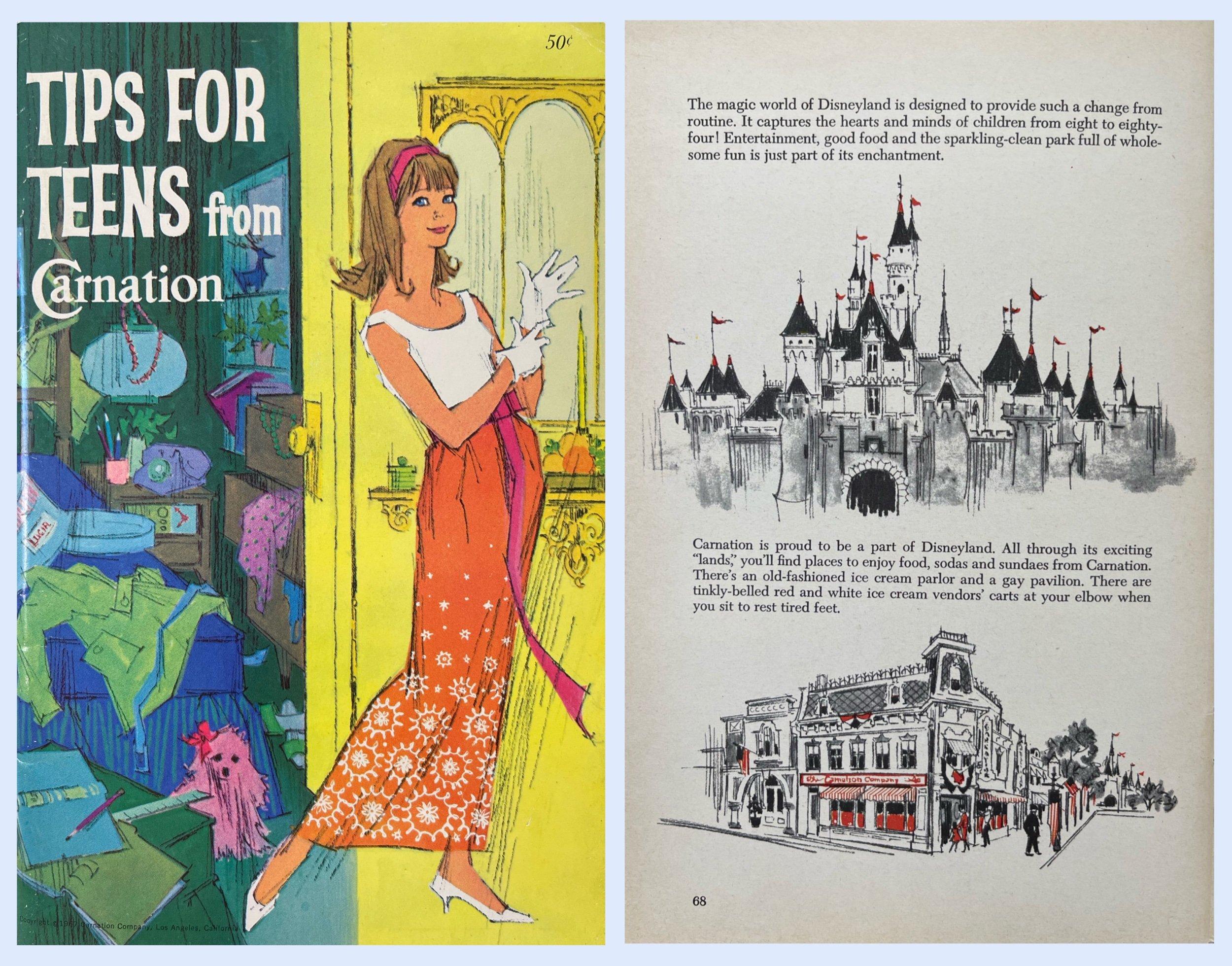
Part of that previous advertising campaign, was the complimentary “Tips for Teens” handbook. Now, “‘Tips for Teens’ isn’t a sermon. It is a reminder that the whole people-world lives by some rules and accepts certain responsibilities, including some of the things you hear about from your family daily.
Carnation people feel they have a responsibility to you. That’s why ‘Tips for Teens’ tries to keep up with you, your brightness, your broader horizons and your up-to-date outlook. To keep up with the newness, we’re constantly changing too…
That [‘squirrel in a cage’] feeling needs relaxation and a change from routine to cure it.”
And so a whole two pages of Tips for Teens was dedicated to Walt Disney’s Disneyland!
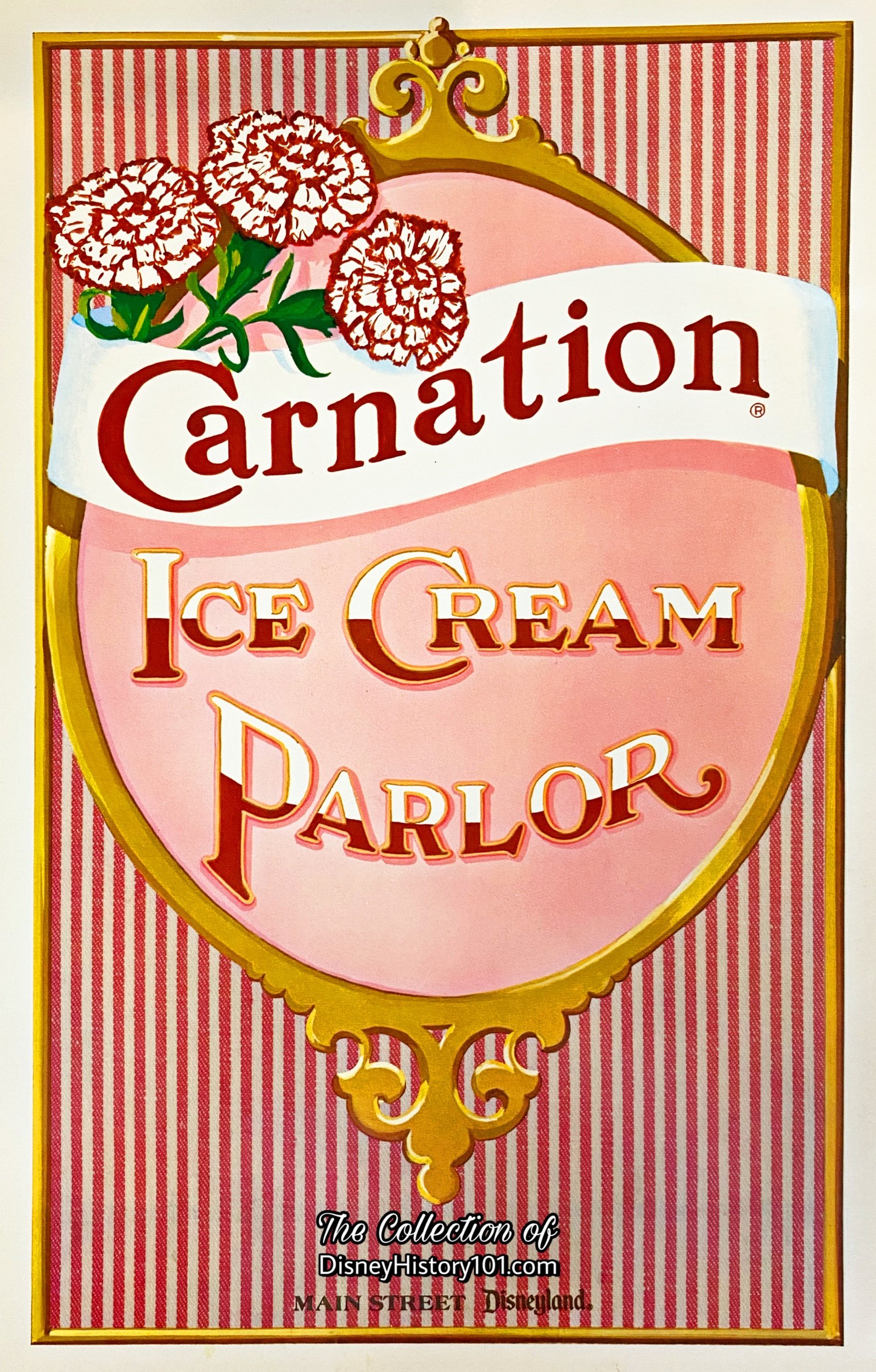
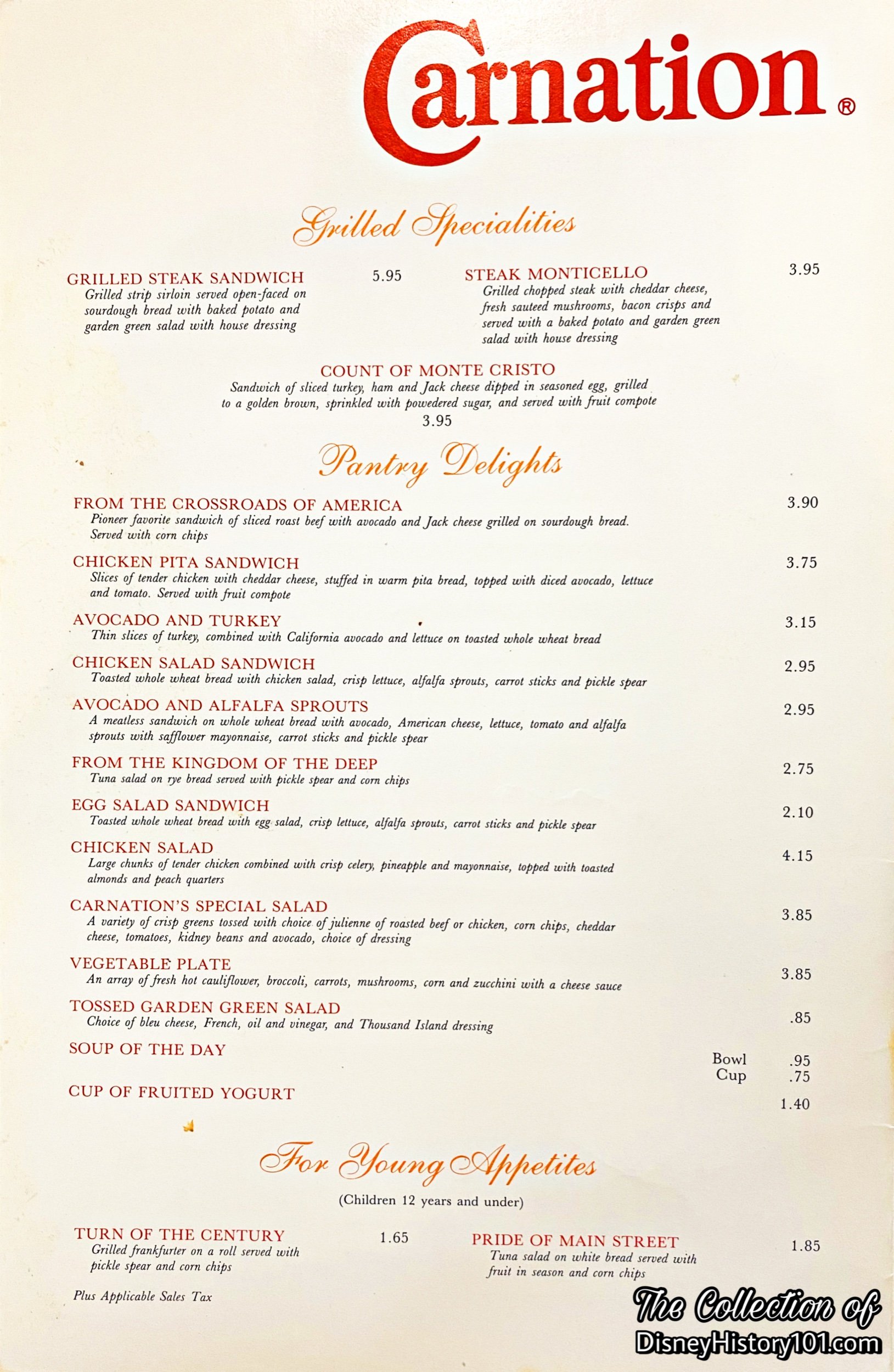
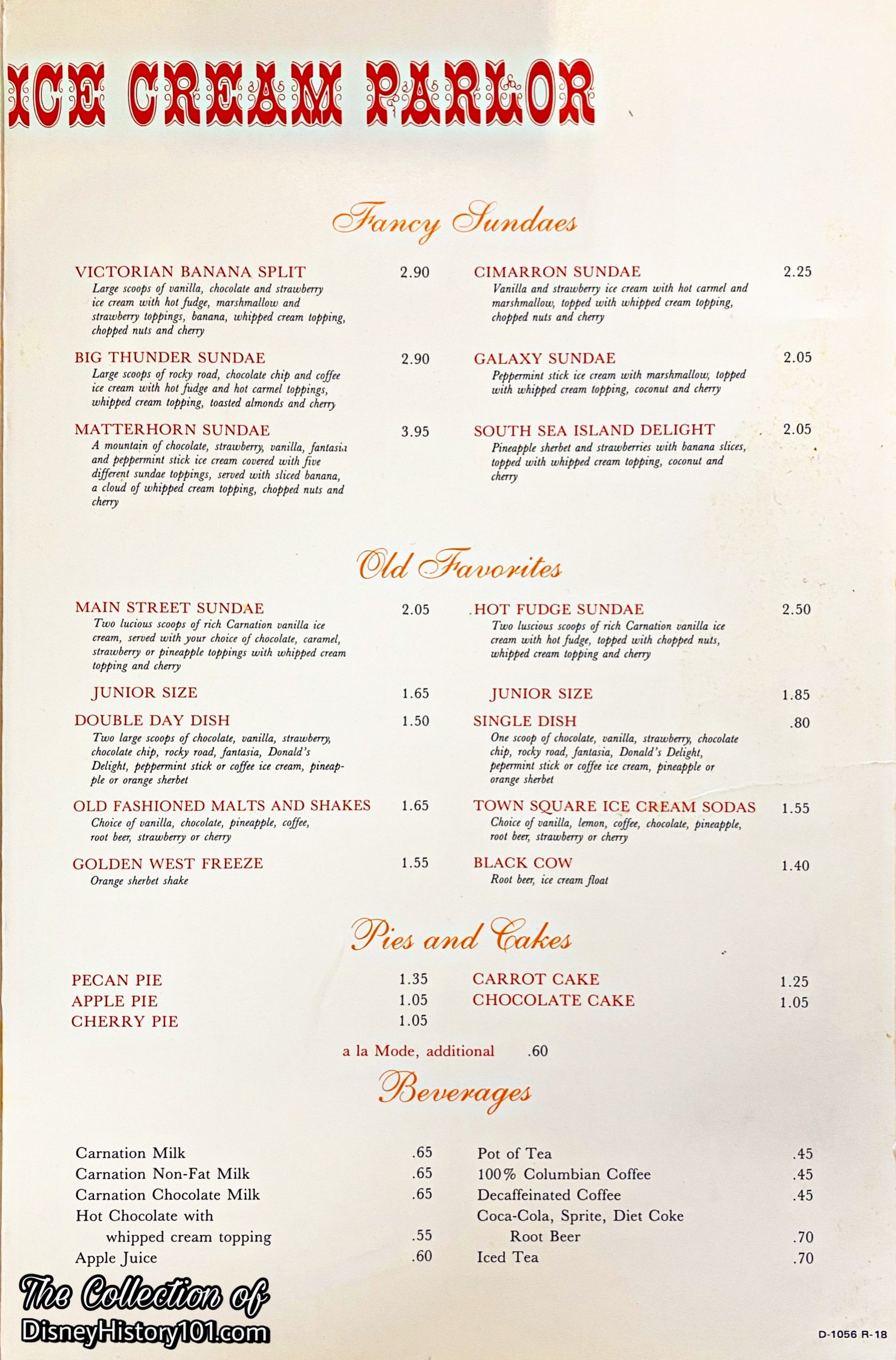
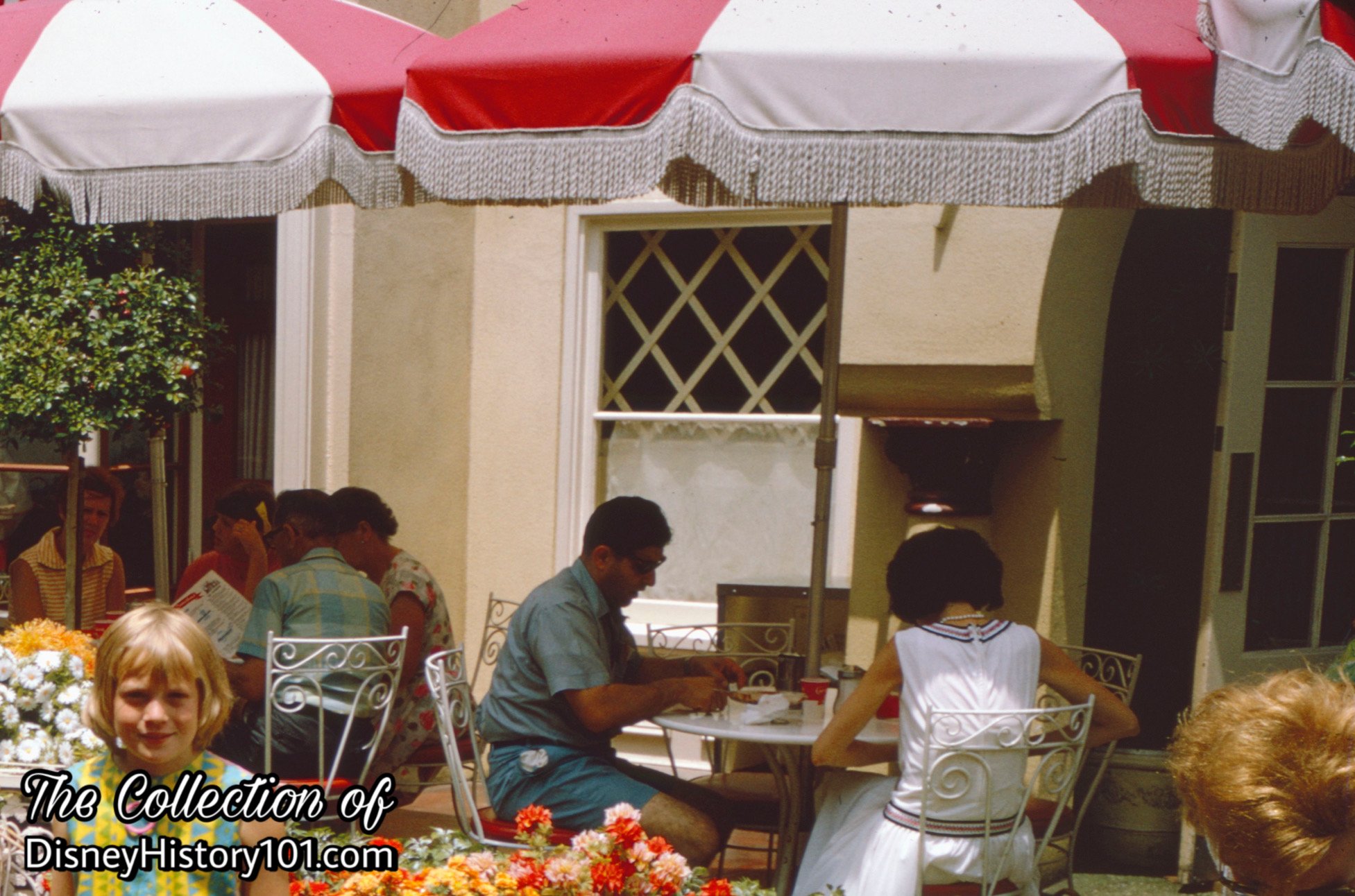

If you would like to read more about the Carnation Ice Cream Parlor, it’s my pleasure to recommend adding Marcy Smothers’ “Eat Like Walt - The Wonderful World of Disney Food” to your personal Disney Home Library! Therein, Marcy has extensively researched and finely crafted a small section of a chapter dedicated to “Walt Disney’s Disneyland - Main Street U.S.A.” If you would like to bring the magic of Disneyland restaurants and concessions (like the Carnation Ice Cream Parlor) to your dining room table, “please step this way” toward www.eatlikewalt.com where Marcy has shared a few recipes for memorable Disneyland menu options, so you too can “Eat Like Walt.”
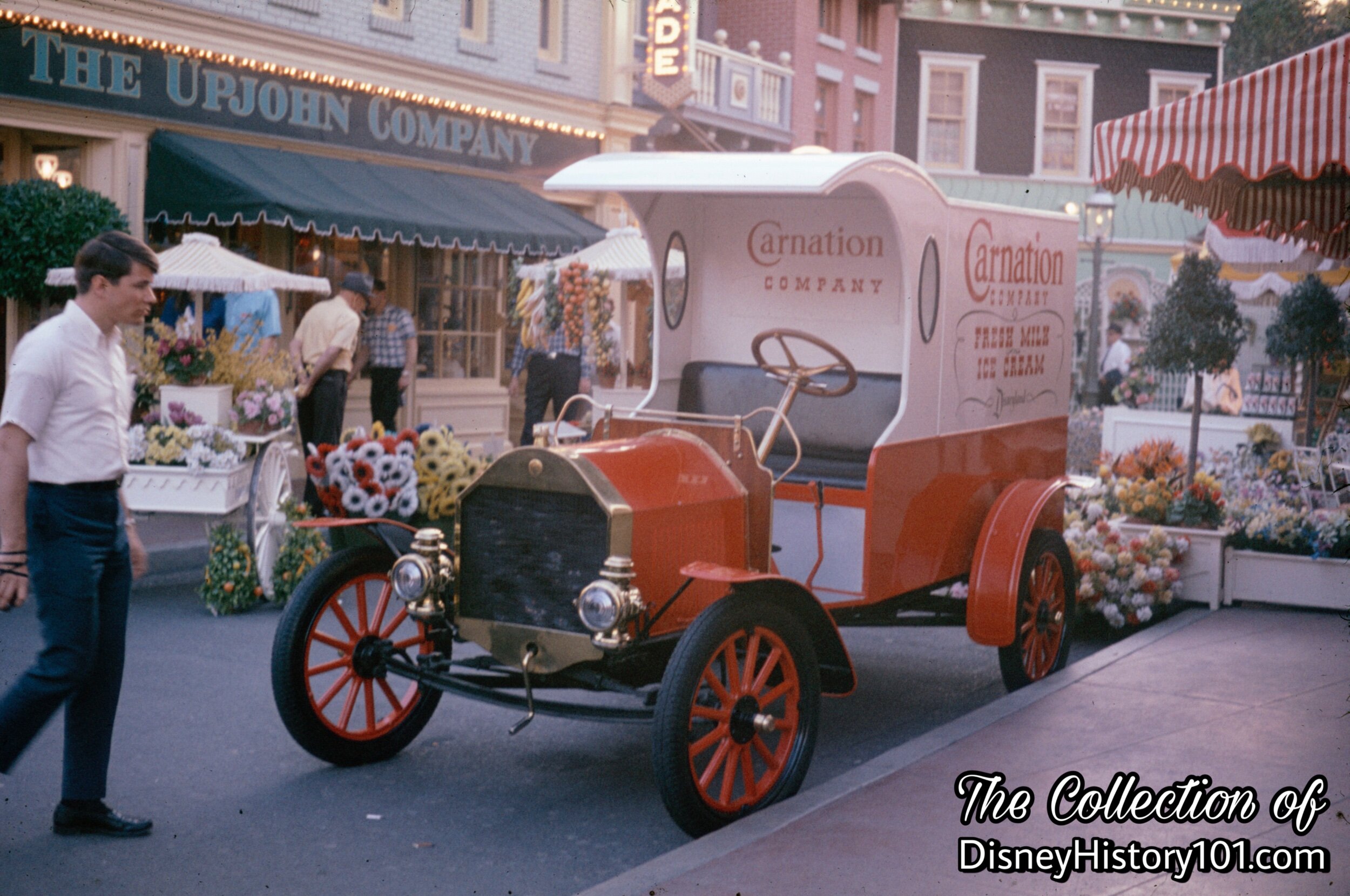
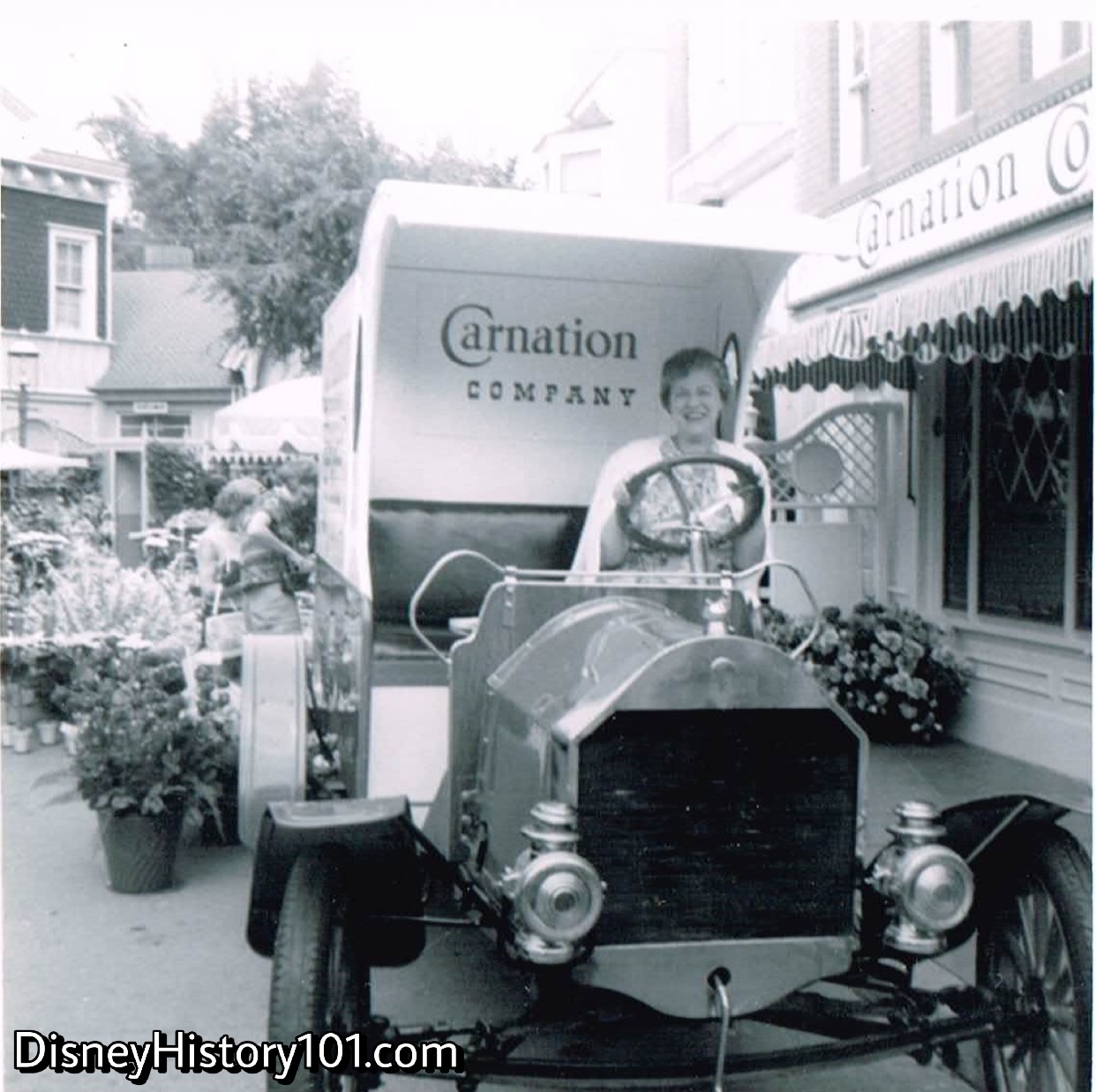
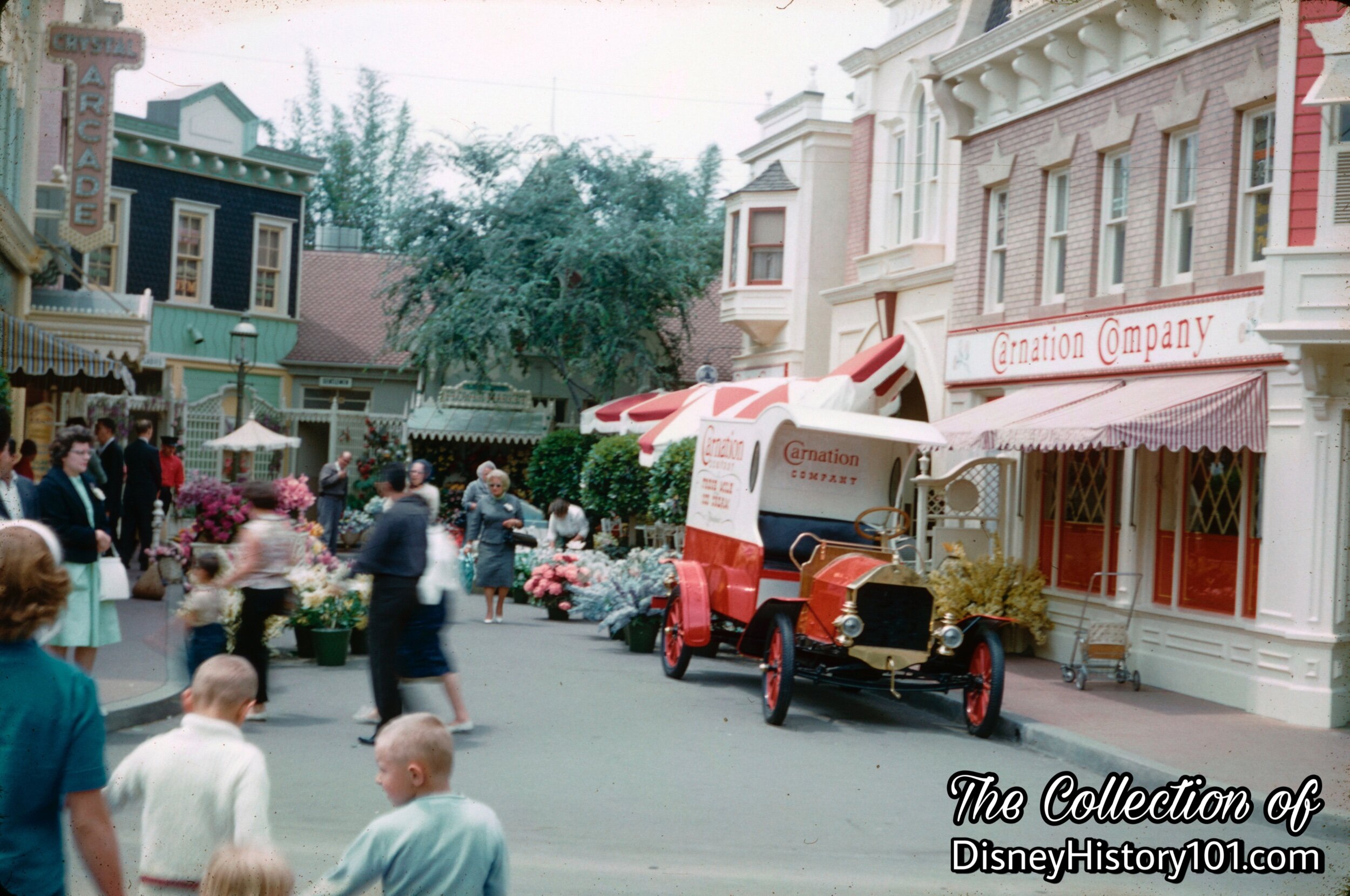

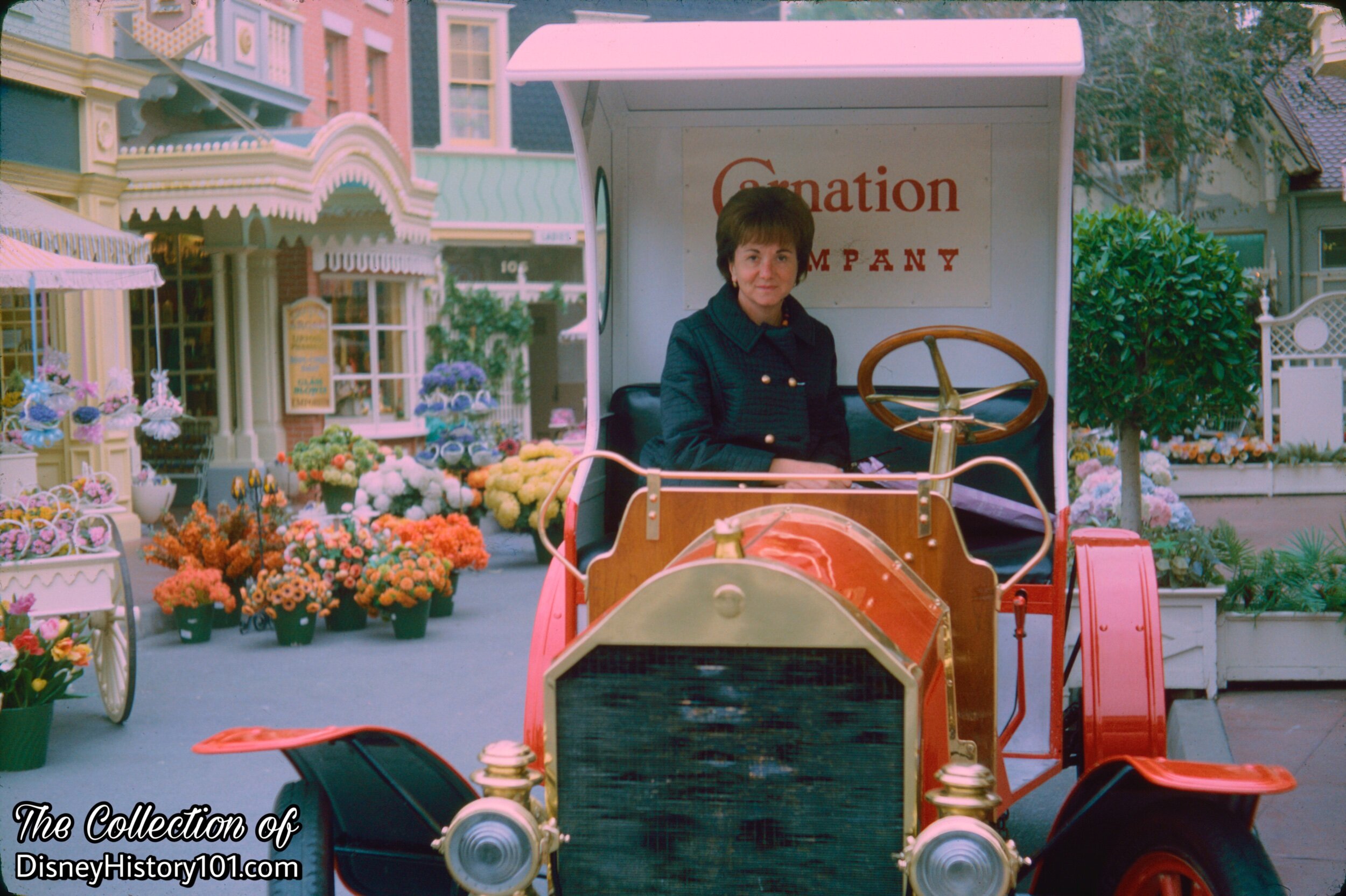
Notice all the little indentations on the impressionable metal radiator filter, which was not easy to rehabilitate.
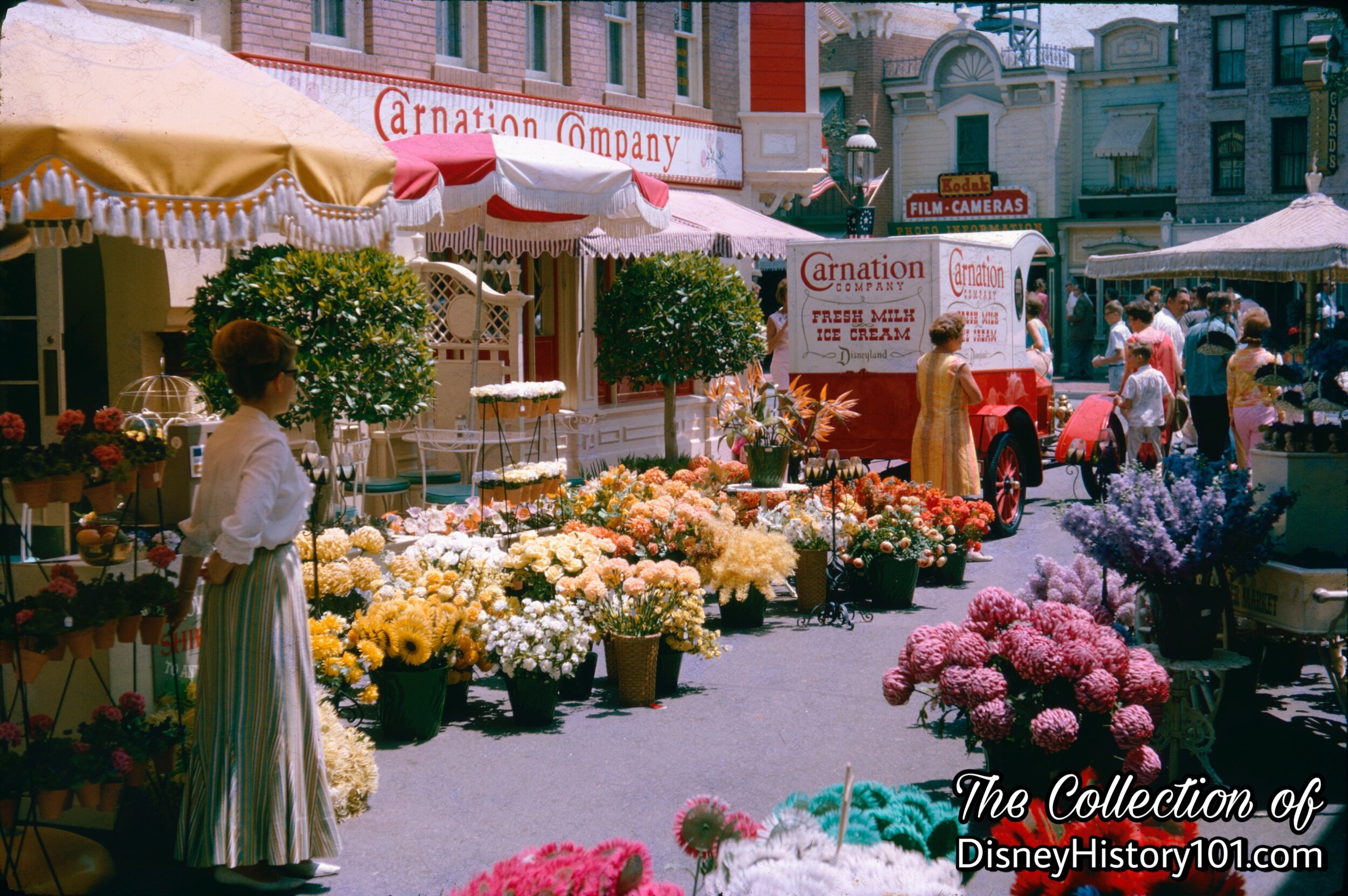
Just outside the Carnation Cafe, Disneyland guests could purchase life-like carnations at the Main Street Flower Mart!
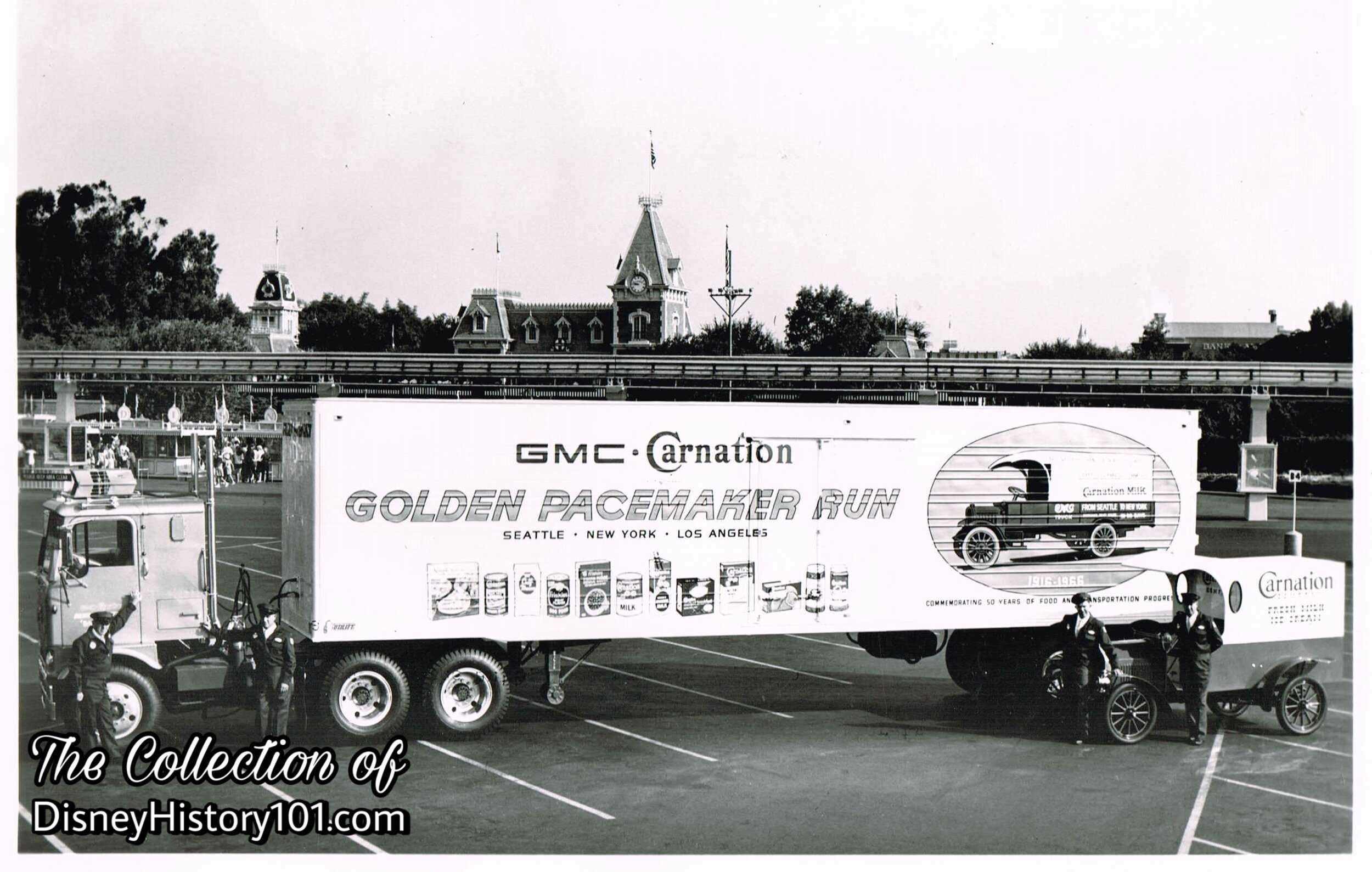
In 1966 (50 years after that aforementioned Transcontinental round trip), the trip would be restaged, in a promotion “to dramatize 50 years of progress in transportation and nutrition”. By this time, many of Main Street U.S.A.’s antique vehicles were a nostalgic reminder of the good old days! The sponsors of those vehicles (like the Swift’s Horse Wagon, or the Carnation Milk Truck) had replaced the archaic modes of transportation with modern vehicles. “This modern GMC diesel highway tractor with a 40-foot Utility semi-trailer, dubbed the “Golden Pacemaker,” shows how far commercial highway transportation has advanced since the first continental round trip. The first Seattle-to-New York leg of the original trip took 73 days. The re-run is expected to take slightly over three days, with drivers scrupulously observing all safety and highway courtesy rules.”
As an advertisement for this event, this publicity shot (featuring a few Carnaco Truck Drivers) was arranged with the Carnation Company Truck exhibit in front of Disneyland!
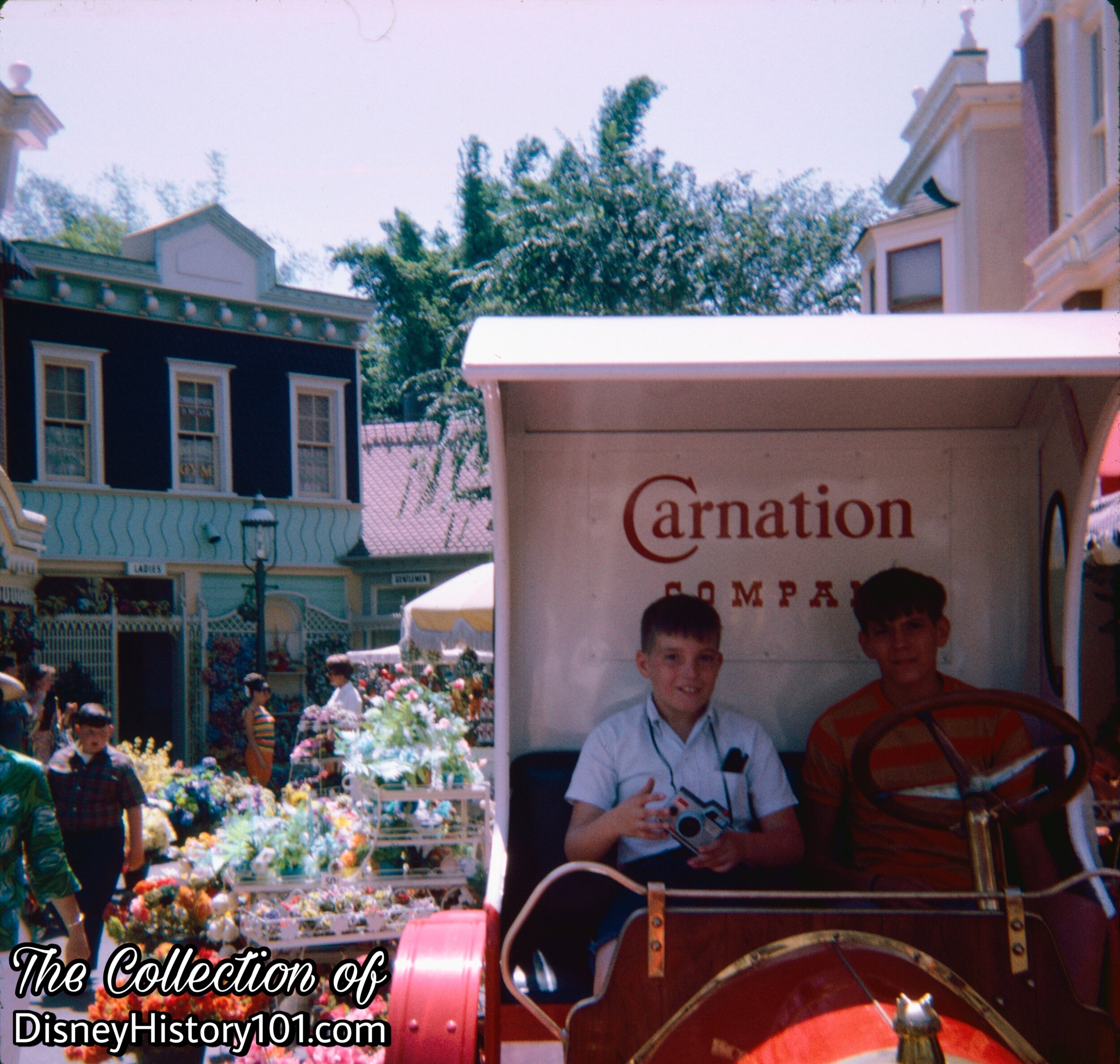
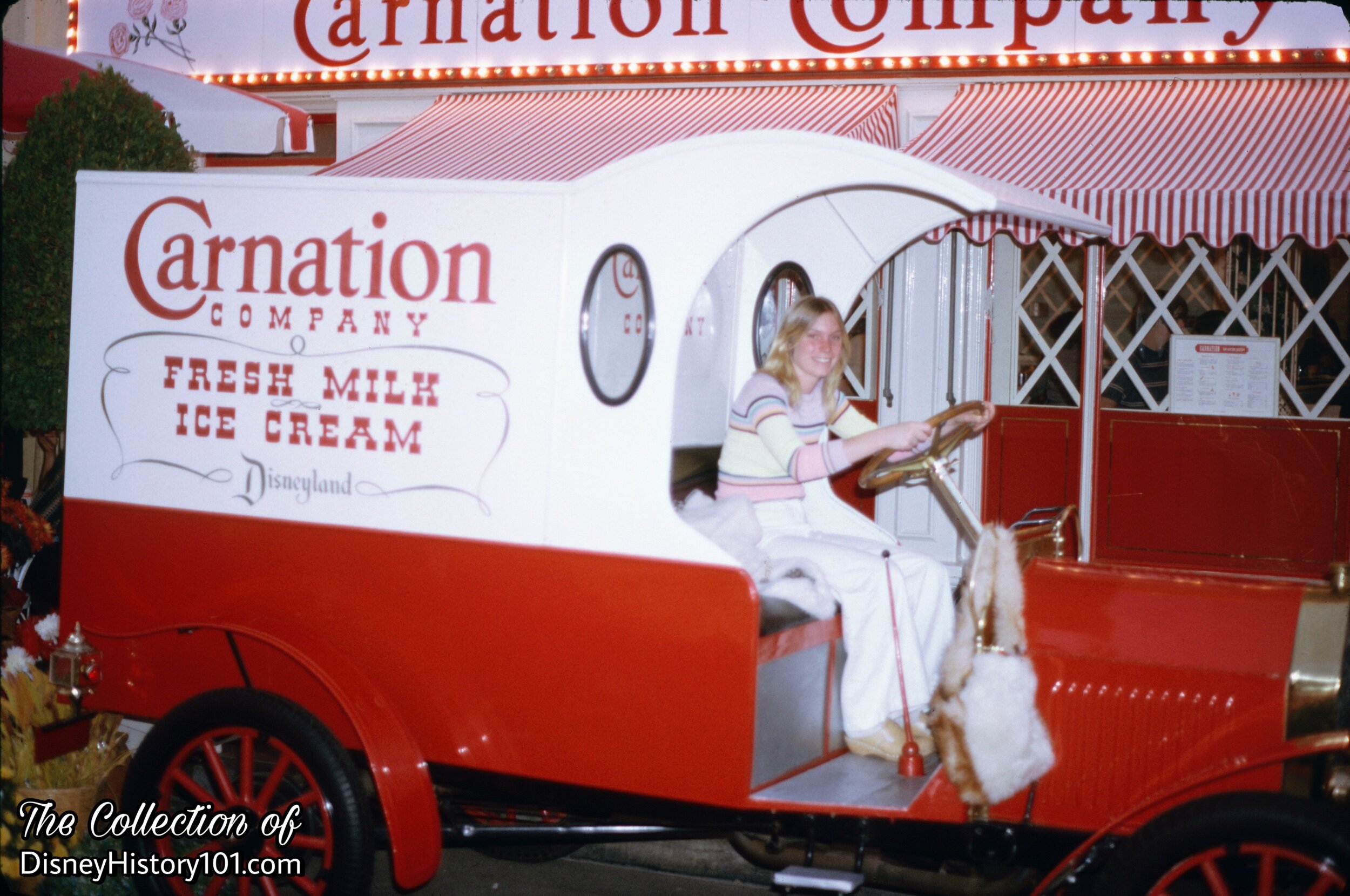
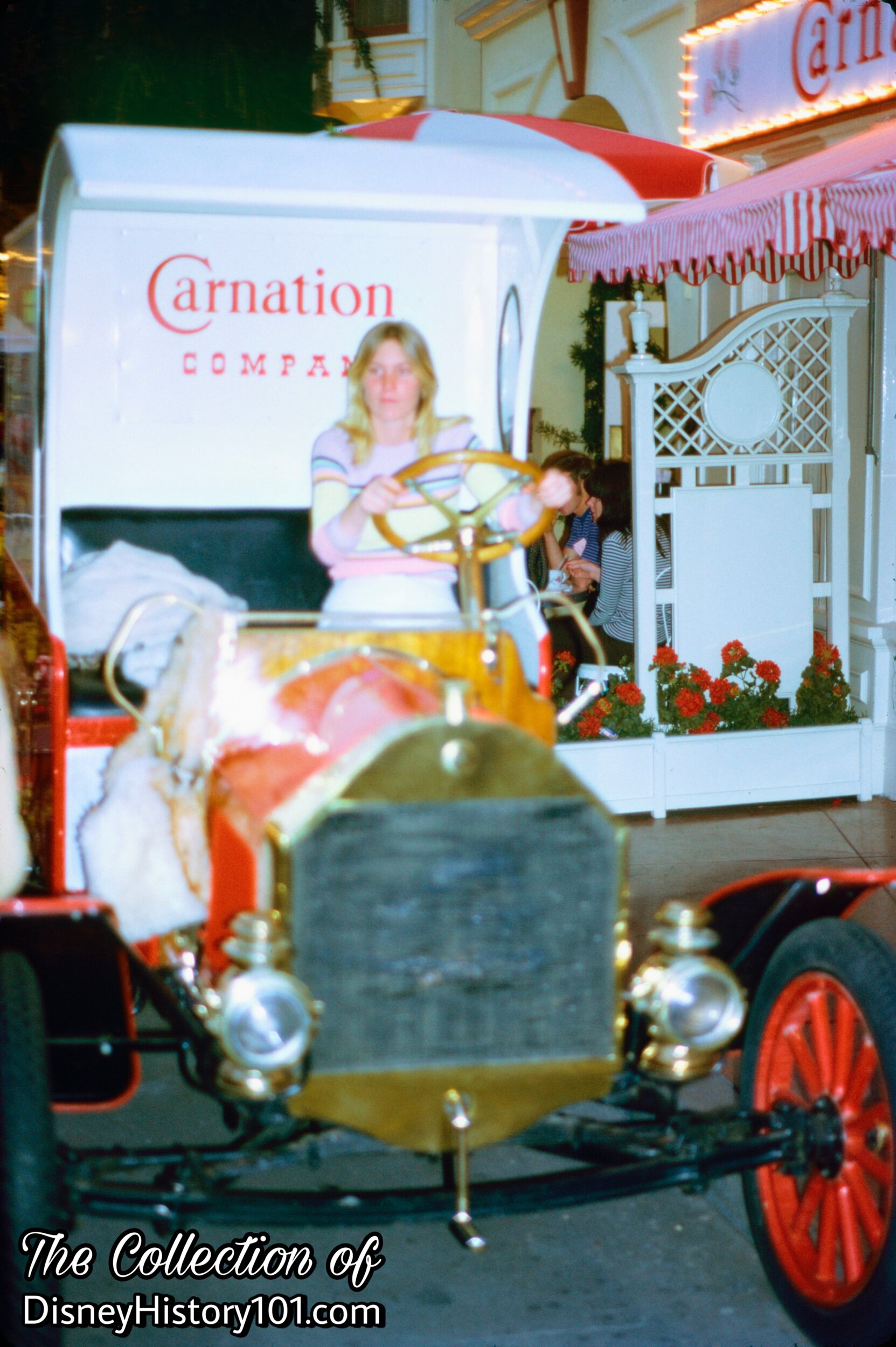


In addition to the Dapper Dans, the Disneyland Christmas Carolers (under the direction of Dr. Charles C. Hirt and lead by Mr. Robert G. Hasty), were also known to perform on “the Carnation Patio” during various times of the day, from December 16th, 1967 thru January 1st, 1968. [“Disneyland Holiday Talent Master Schedule,” prepared for the period of December 16, 1967 through January 1, 1968]
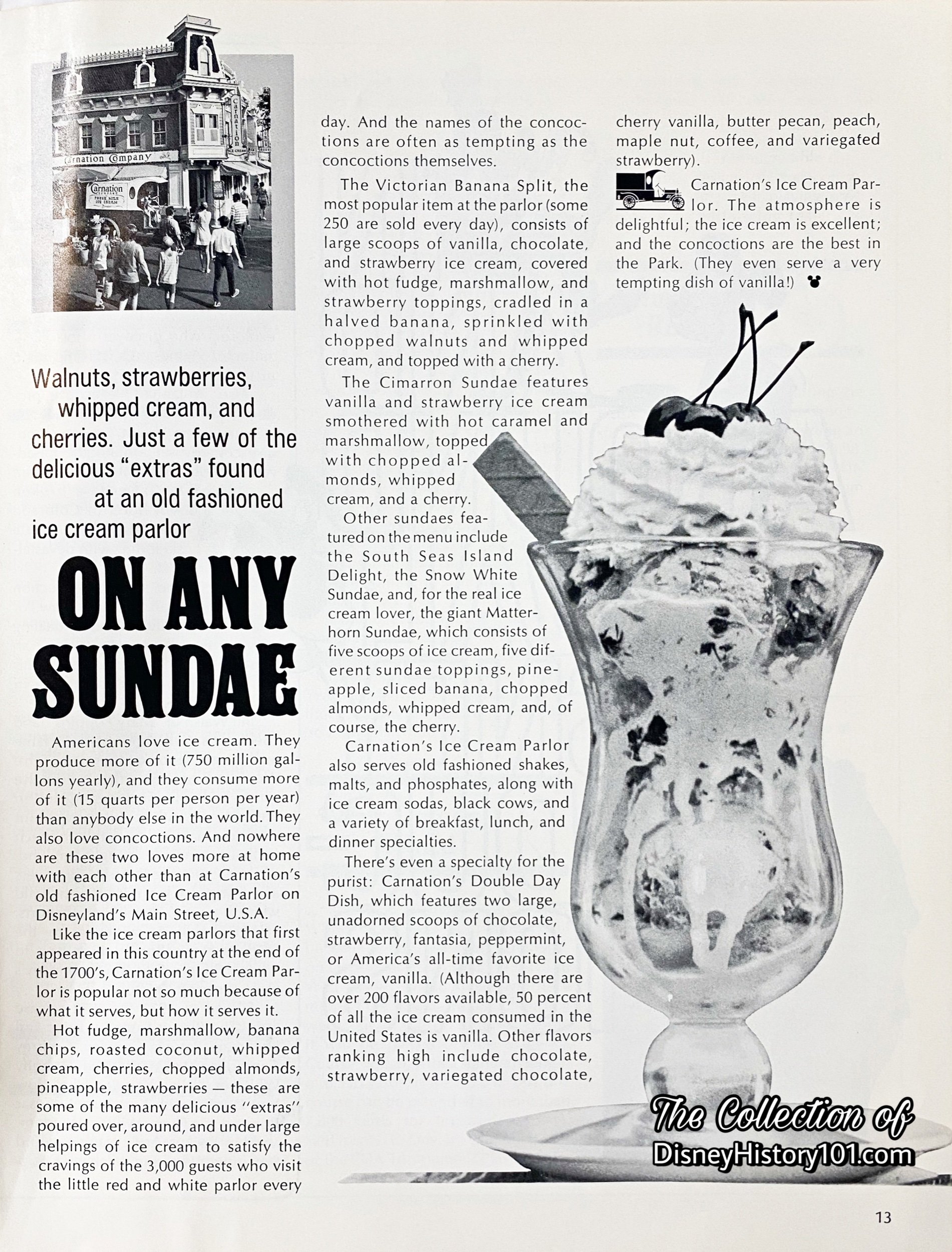

Since the beginning, the Four Keys of the DISNEYLAND Show (operating priorities in presenting the DISNEYLAND Show) have been present - Courtesy, Safety, Show, and Efficiency. Guided by these Four Keys, are Walt Disney Imagineers, who are always seeking out new magical opportunities to increase the efficiency, safety, and show quality of Disneyland adventures.
“Maintenance”
In maintaining the magic after the Park closes, the staff take over with brooms, mops and dustcloths. Special attention was given to marred walls, posts and furniture. Items with marks that didn’t wash off were replaced or repainted. The Floors were waxed and buffed to preserve their beauty and protect them from the thousands of feet that scuffle over them each day.
“Rehabilitation”
By the year 1977, the Carnation Company remained a Disneyland Participant (providing Disneyland with its “name and quality food products”). However, management of the Table Service restaurant had long since been assumed by the Park. At this time, the Carnation Restaurant received new designs including a new entryway, a new waitress station, waiting area, and flow-through area to alleviate street traffic during parades, all courtesy of Tony Deleese of Planning. The rehab was performed by the staff of Disneyland Shops (The Maintenance Division at Disneyland).
During this time, the turnstile was eliminated, the front portion of the serving counter (which previously cured toward Sunkist Citrus House) was shortened and squared-off, the front portion of the restaurant was sectioned off by a decorative etched-glass partition, and the restaurant was now accessed by three sets of double doors (instead of just one main door). In addition, Disneyland LINE magazine (February 24, 1977) announced : “The street area between Carnation and the Clock and Candle Shops, once occupied by the Flower Market, will be filled in to provide a more complete outdoor dining patio. (The Flower Market has been moved across the street into the area between the Market House and Hallmark.) A three-foot, eight-inch high wooden fence will surround the patio, separating it from Main Street proper.” The Carnation Truck (which was moved rarely) was now parked near the Disneyland Central First Aid Center after the c.1977 restaurant rehabilitation.
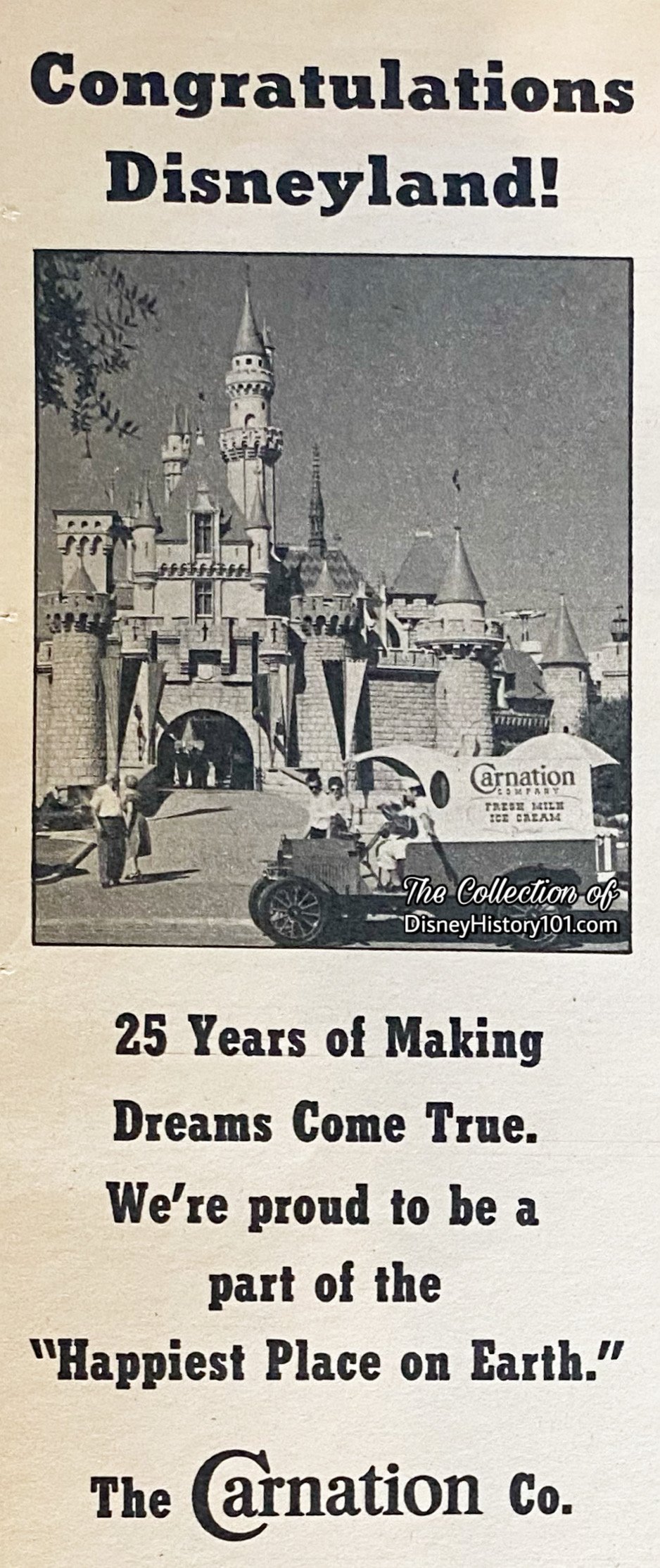
By 1981, the Carnation Main Street breakfast menu offered:
•Traveler's Favorite (breakfast steak served with two eggs, golden brown potatoes and toast with butter and jelly)
•Conductor's Treat (Oscar Mayer ham served with two eggs, golden brown potatoes and toast with butter and jelly)
•Hometown Favorite (choice of bacon or sausage and two eggs served with golden brown potatoes and toast with butter and jelly)
•Turn of the Century (two eggs served with golden brown potatoes and toast with butter and jelly).
The Carnation Main Street Luncheon and Dinner menu offered:
•Grilled Steak Sandwich (grilled strip sirloin served open-faced on sourdough bread with a garden green salad and golden brown potatoes)
•Steak Monticello (grilled chopped steak topped with cheddar cheese, bacon crisps and served with garden green salad and golden brown potatoes)
•Count of Monte Cristo (sandwich of sliced turkey, ham and Jack cheese dipped in seasoned egg, grilled to a olden brown, sprinkled with powdered sugar, and served with fruit compote)
•From the Crossroads of America (pioneer favorite sandwich combining ground beef, diced avocado, onion, garlic and spices, stuffed in warm pita bread, topped with lettuce and tarato salad)
•Chicken Pita Sandwich (slices of tender chicken with American cheese, stuffed in warm pita bread, topped with diced avocado, lettuce and tomato salad)
•Avocado and Turkey (thin slices of turkey, combined with California avocado and lettuce on toasted whole wheat bread)
•Chicken Salad Sandwich (toasted whole wheat bread with chicken salad, crisp lettuce, alfalfa sprouts, carrot sticks and pickle spear)
•Avocado and Alfalfa Sprouts (a meatless sandwich with avocado, American cheese, lettuce, tomato and alfalfa sprouts with safflower mayonnaise, carrot sticks and pickle spear
•From the Kingdon of the Deep (tuna salad on rye bread served with pickle spear and corn chips)
•Egg Salad Sandwich (toasted whole wheat bread with egg salad, crisp lettuce, alfalfa sprouts, carrot sticks and pickle spear)
In 1981, the Carnation Main Street tum-of-the-century ice cream parlor with its breakfast and lunch menus produced $1,180,000 in revenue for Main Street Food. This was owning to VIPs of Disneyland (guests), its Main Street Foods hosts and hostesses (totaling 176 summer/118 fall), two Main Street Foods Stage Supervisors, and Main Street Foods Area Stage Supervisor.
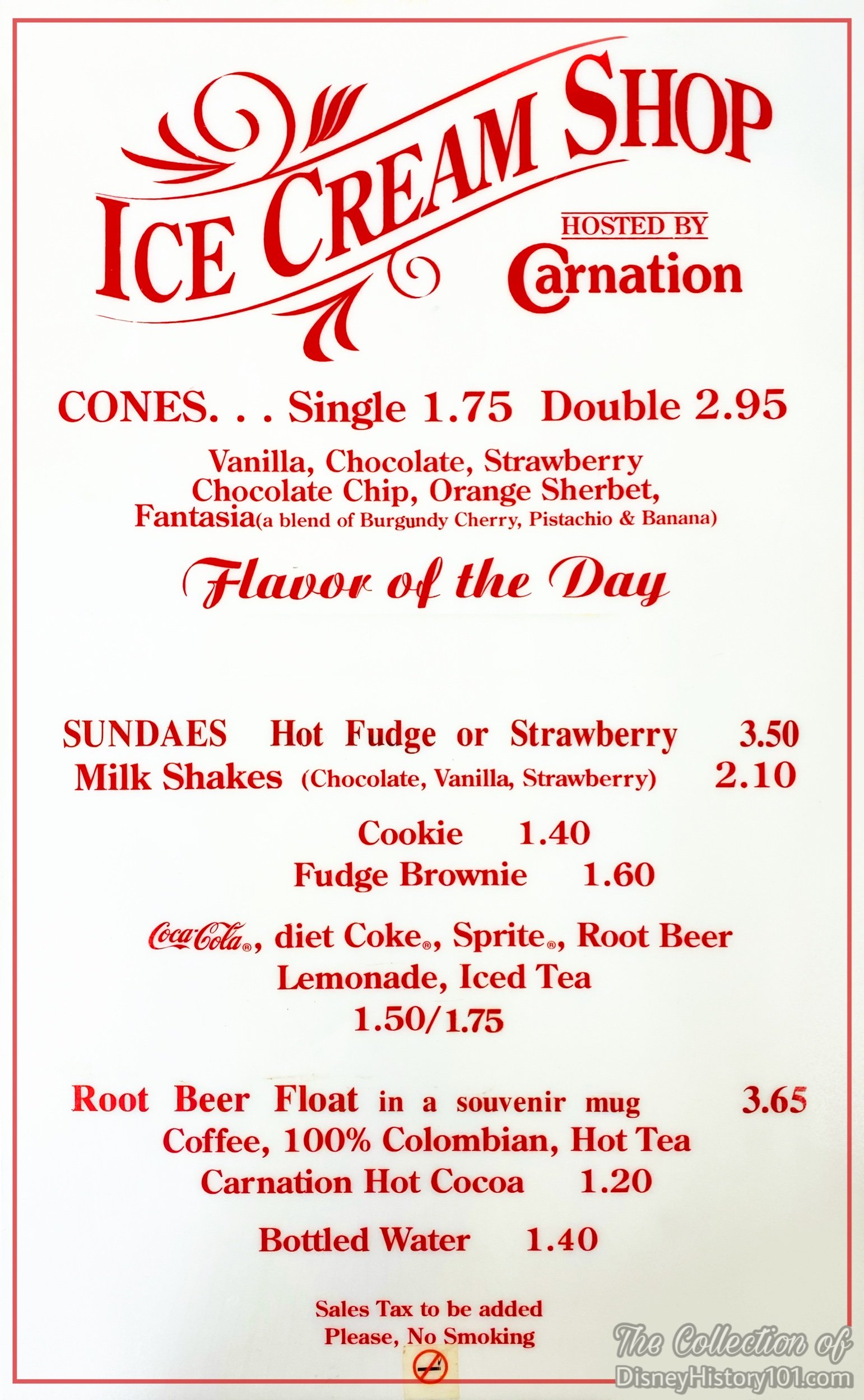

In 1985, a big change occurred when the Carnation Company was purchased by Nestle* (the largest marketer of food products in Europe). A year later, Carnation Ice Cream Parlor continued to occasionally host special events like Private Parties (e.g. GM and Hughes Employees, January of 1986).
By 1986, Carnation on Main Street was one of two Park locations that served breakfast for the convenience of Guests.
Four years later (by 1990), the Carnation Ice Cream Parlor was one of several locations contributing to the purchase of more than 3.2 million servings of ice cream annually at Disneyland. That same year (1990), individuals (like Pete Clark of Disneyland Participant Affairs Division, hired 1957) were maintaining the ongoing relationship between Disneyland and four lessee operations, as well as 20 participants like Carnation Farms. That year, Pete offered plaudits for Carnation (to Disneyland LINE Magazine, Vol. 22, No. 11 ; March 16, 1990) : “The name Carnation means quality to people. Guests are comfortable with it and expect and get a special experience.” About this same time, healthier menu options were made available to guests through Carnation - Avocado and Alfalfa Sprout Sandwiches, Marinated Boneless Breast of Chicken (Conductor’s Treat), and Avocado and Turkey Sandwiches. As a Participant, Carnation was also a co-sponsor of the Disneyland Baby Care Center, as its baby formulas were made available to visiting guests during this era.
*As a sidelight, Nestle signed an 11-year licensing agreement with The Walt Disney Company, in January of 1990. The Walt Disney Company 1990 First Quarter Report divulged that “by early 1991 Nestle will be Disney’s exclusive food products and promotional licensee in Europe and the Middle East.”

The synergistic Partnership lasted seven more good years, owing to Pete Clark (Senior President of Disneyland Participant Affairs Division), Jennifer Gray (Participant Relations Manager), and their team. But alas, Disneyland Participant Affairs and Opening Day Participant Carnation Farms ultimately could not negotiate a new cooperative agreement to maintain their ongoing relationship). All good things must come to an end, including the Plaza Gardens hosted by Carnation, the Main Street Cone Shop hosted by Carnation, the Stroller Shop hosted by Carnation Infant Formula, and the Carnation Ice Cream Parlor and Restaurant hosted by Carnation. However, Carnation’s departure opened the doors for a new Disneyland Participant sponsor.
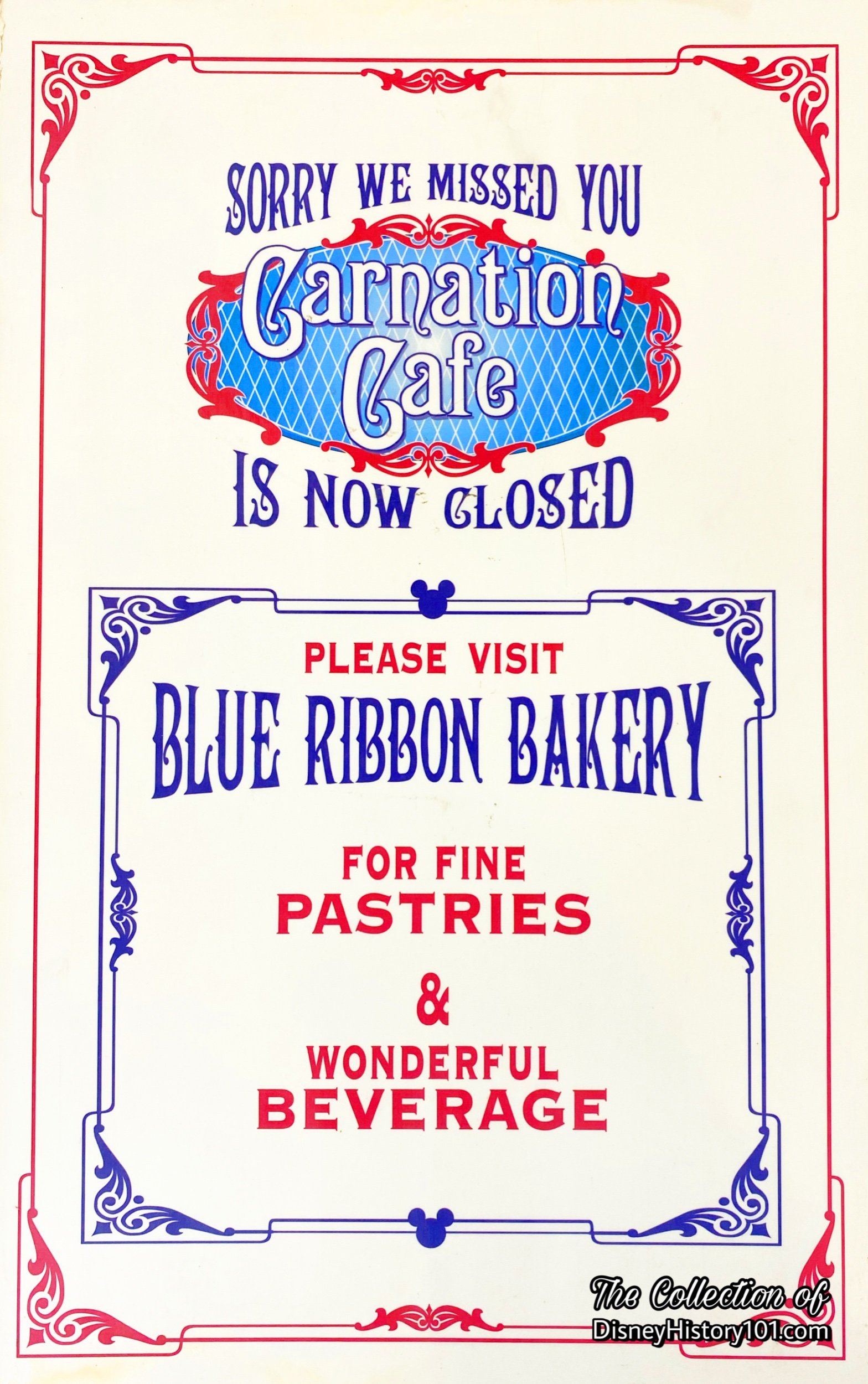
However, this isn’t the end of our Carnation-Disneyland story!

Soon, the quick-service Blue Ribbon Bakery food operation hosted by Nestlé Toll House occupied the address and space (opening March 21, 1997).
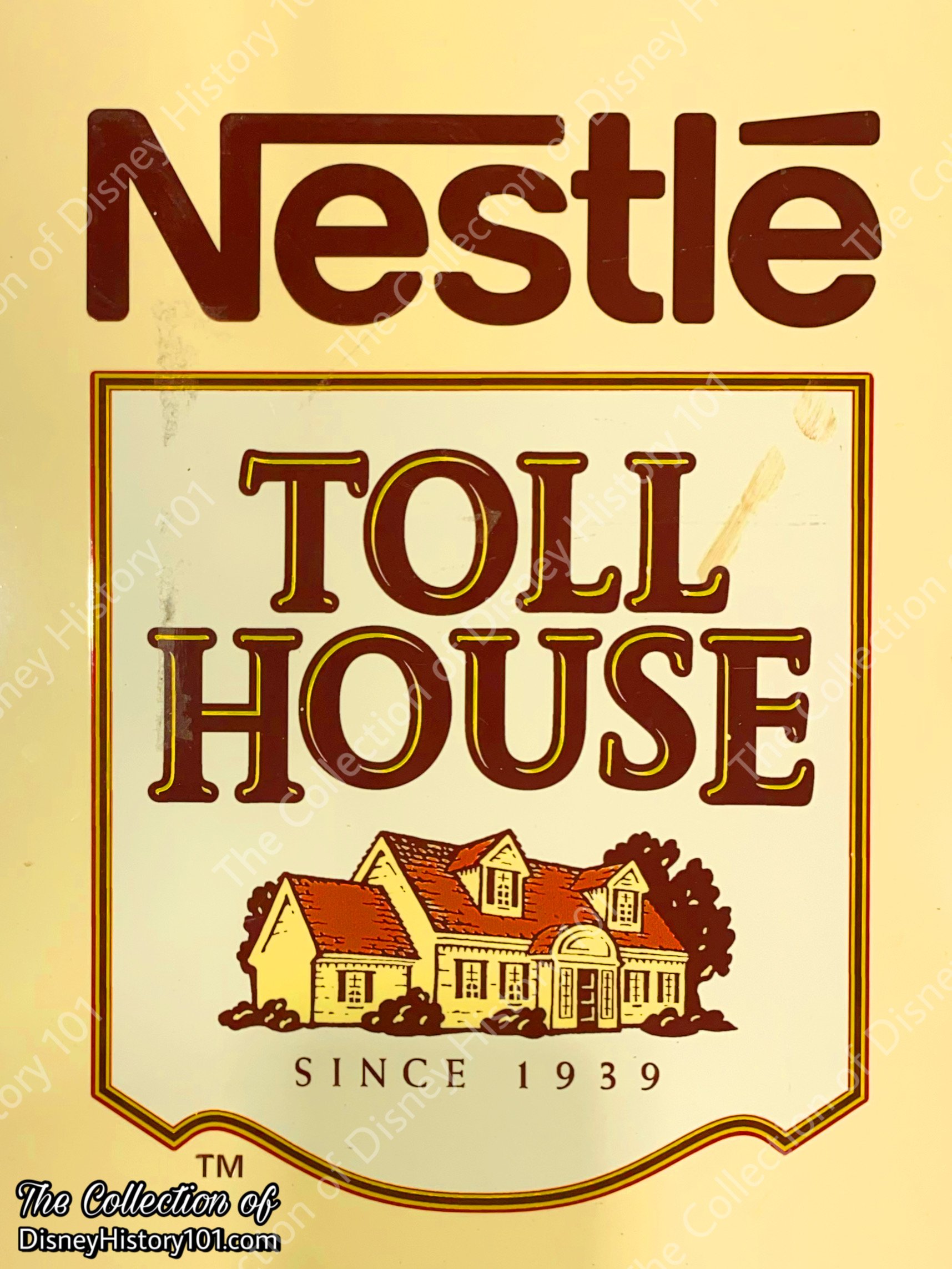
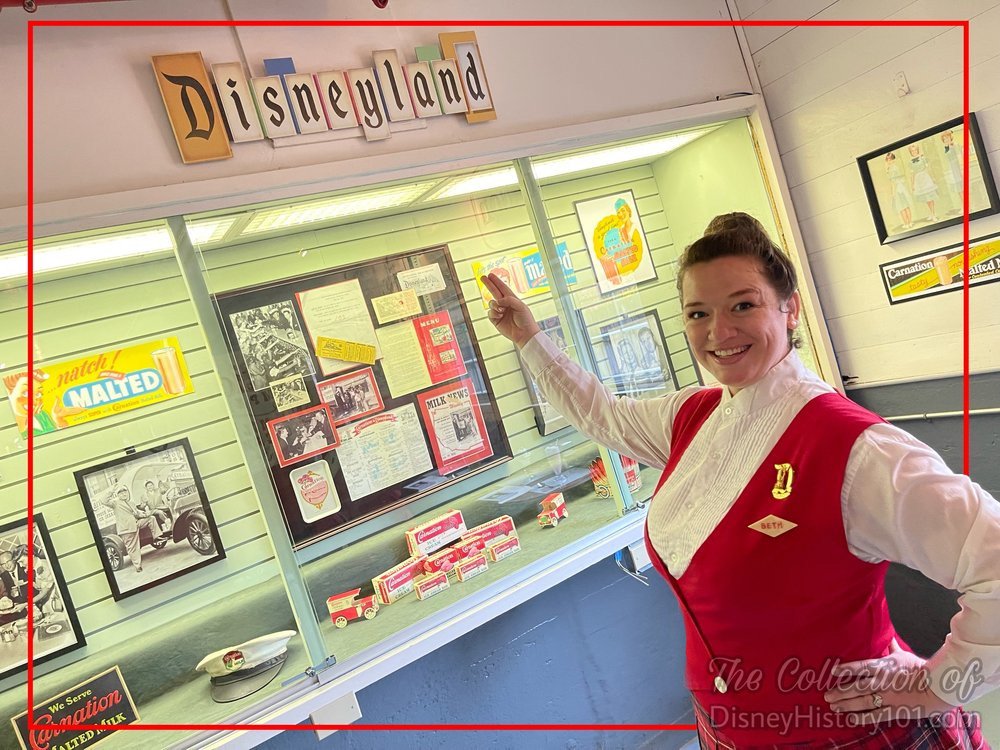
The “cherry on top” of the Disneyland-Carnation story, is that several artifacts of the Disneyland Carnation Ice Cream Parlor are being preserved and are on exhibition at the Carnation Farms Carriage Museum in the town of Carnation, Washington! Included are numerous rarely-seen Press Release photographs (from Carnation Farms Museum Archives), Creation Ice Cream Parlor menus, and even a Carnation Ice Cream Parlor Tray (once used to pay the bill).
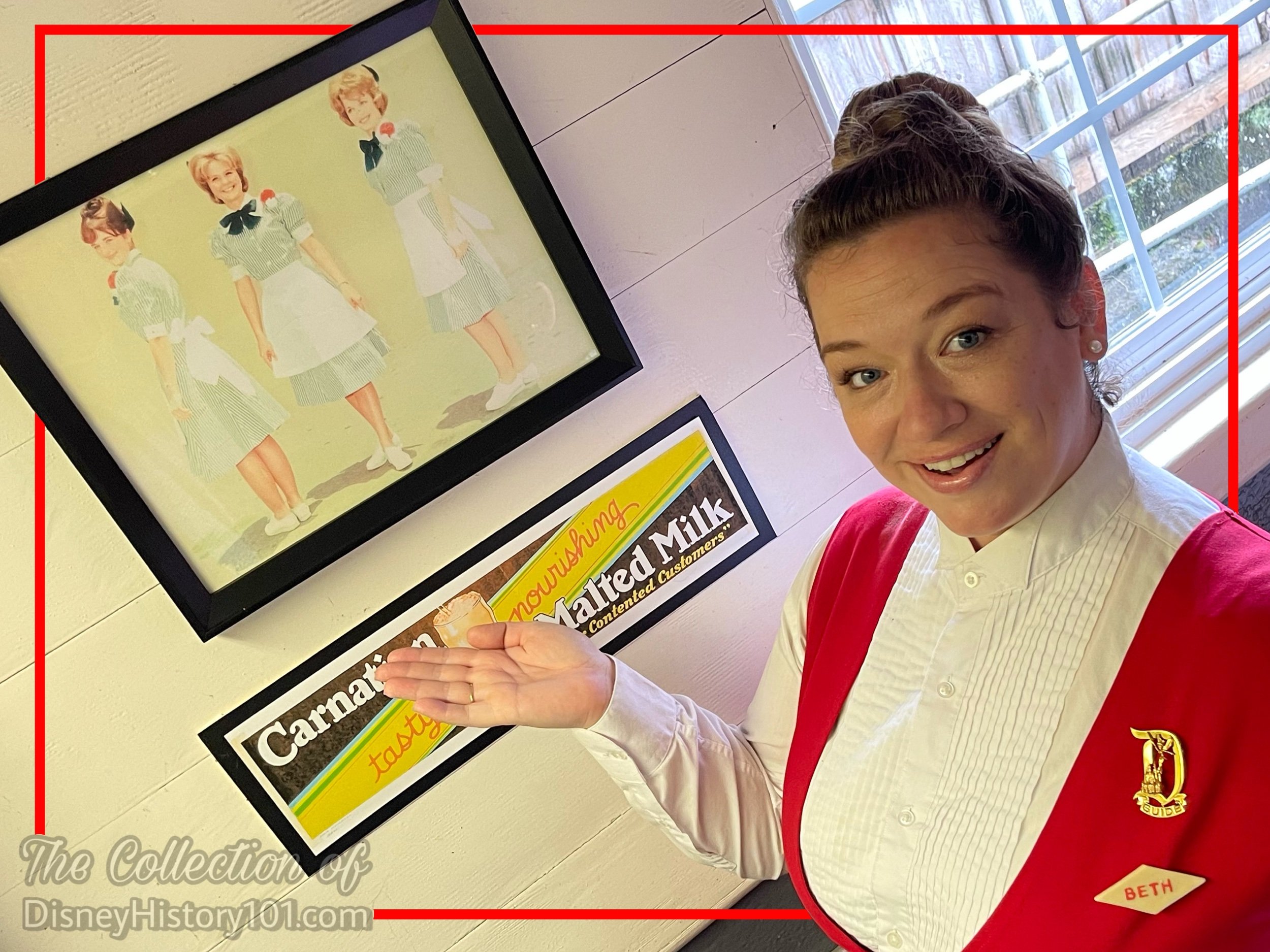
The exhibit also preserves the “Disney Look” of the memorable original Carnation Ice Cream Parlor Hostess Costume.
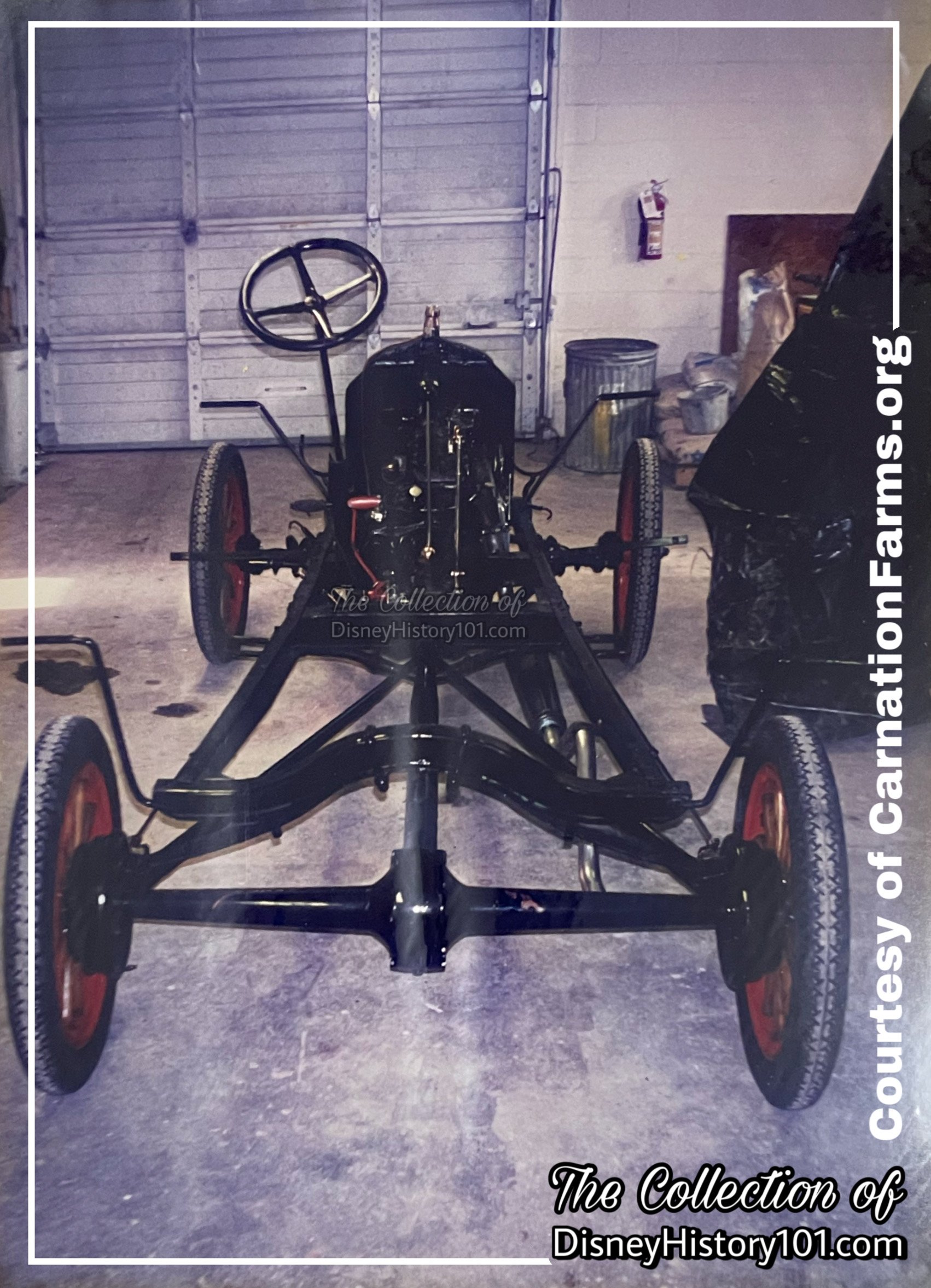
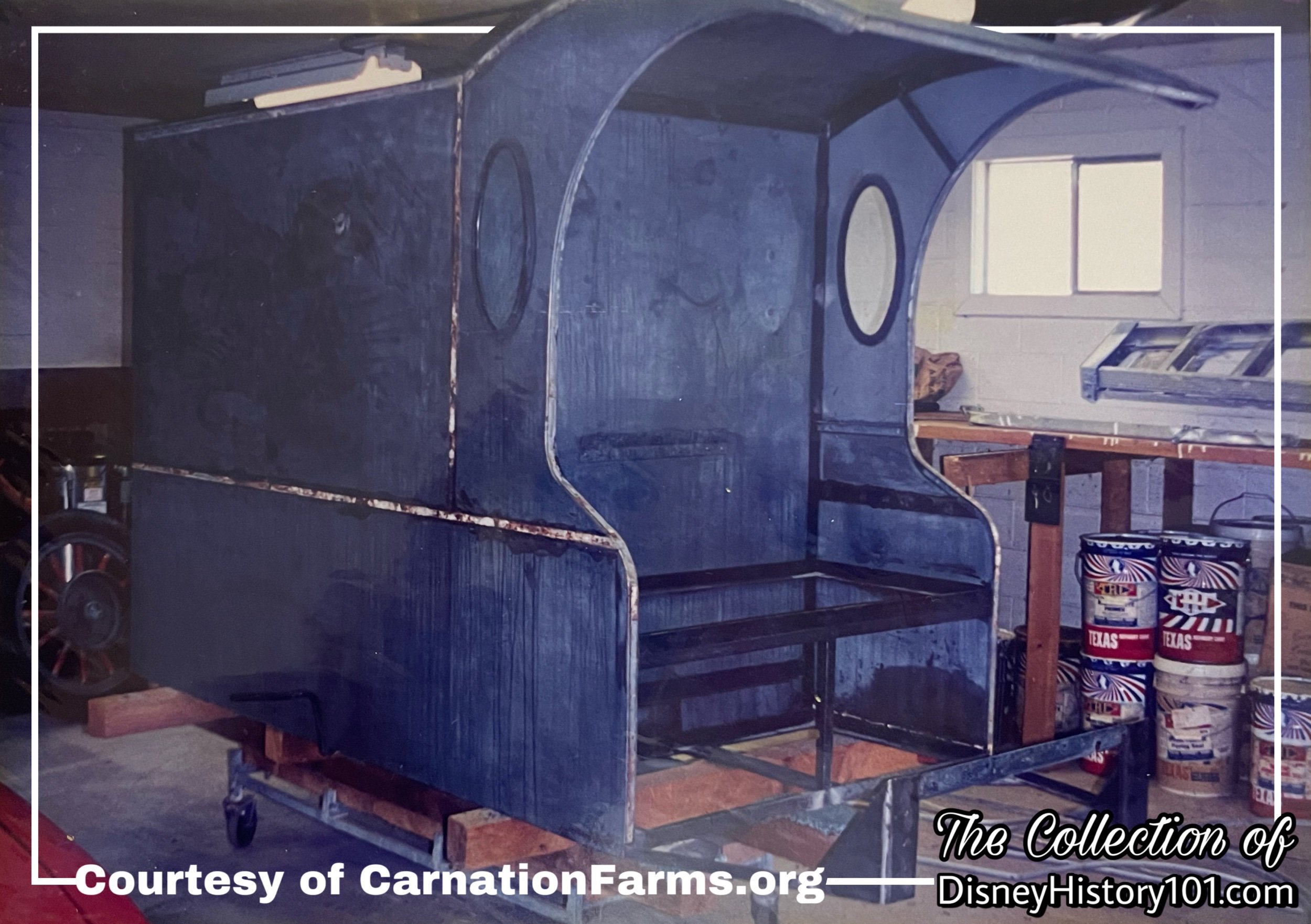
In the preceding photo, the Carnation Truck “Special Delivery Body” section has been removed from the chassis and is prepared for stripping.
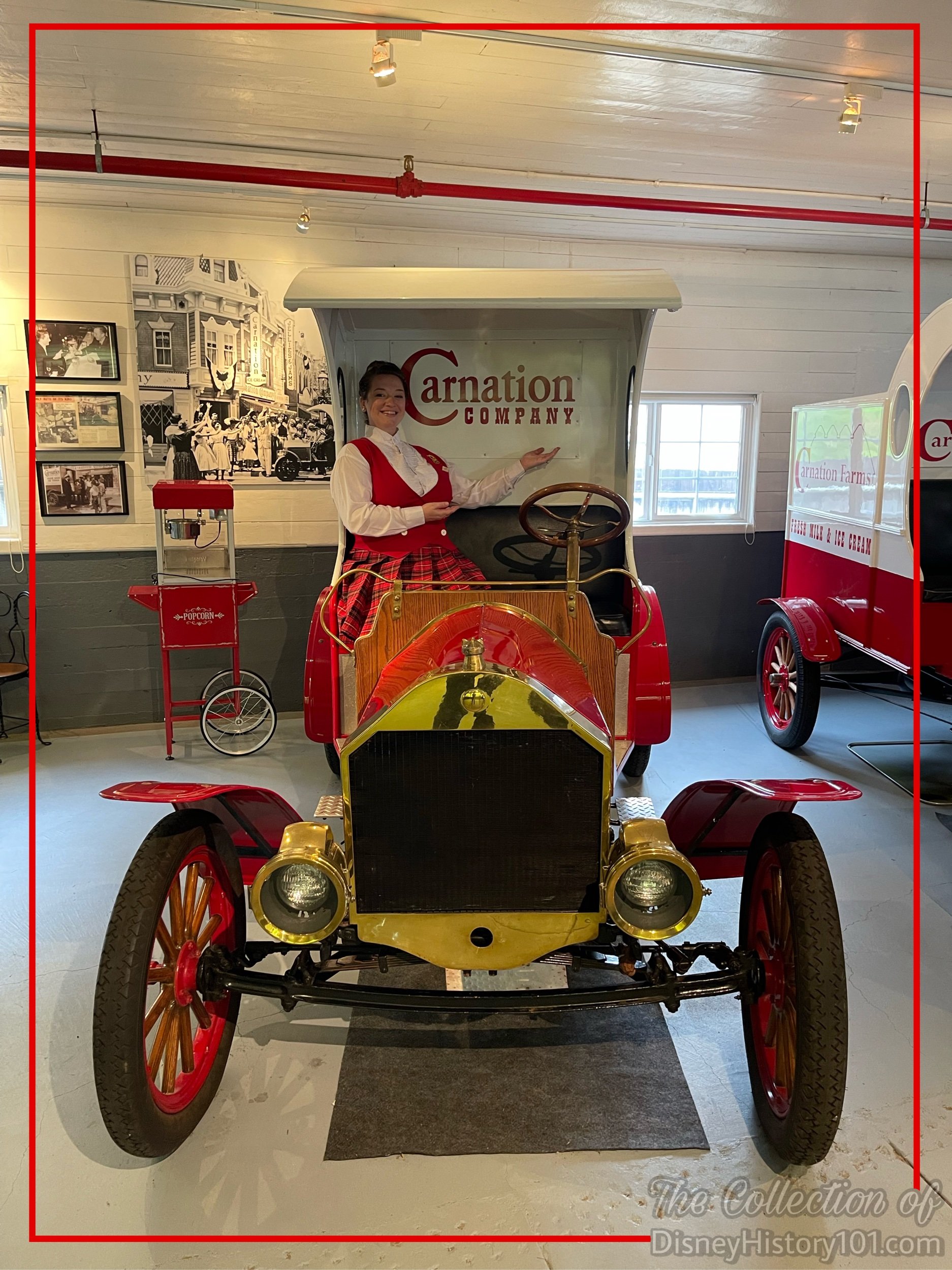
There is no doubt that the crowning artifact of the Carnation Farms Museum is the Carnation Company Truck Exhibit which once supported the Carnation Ice Cream Parlor at Disneyland! Please step this way, as we examine a few “highlights and sidelights” of this wonderfully restored Disneyland museum piece.
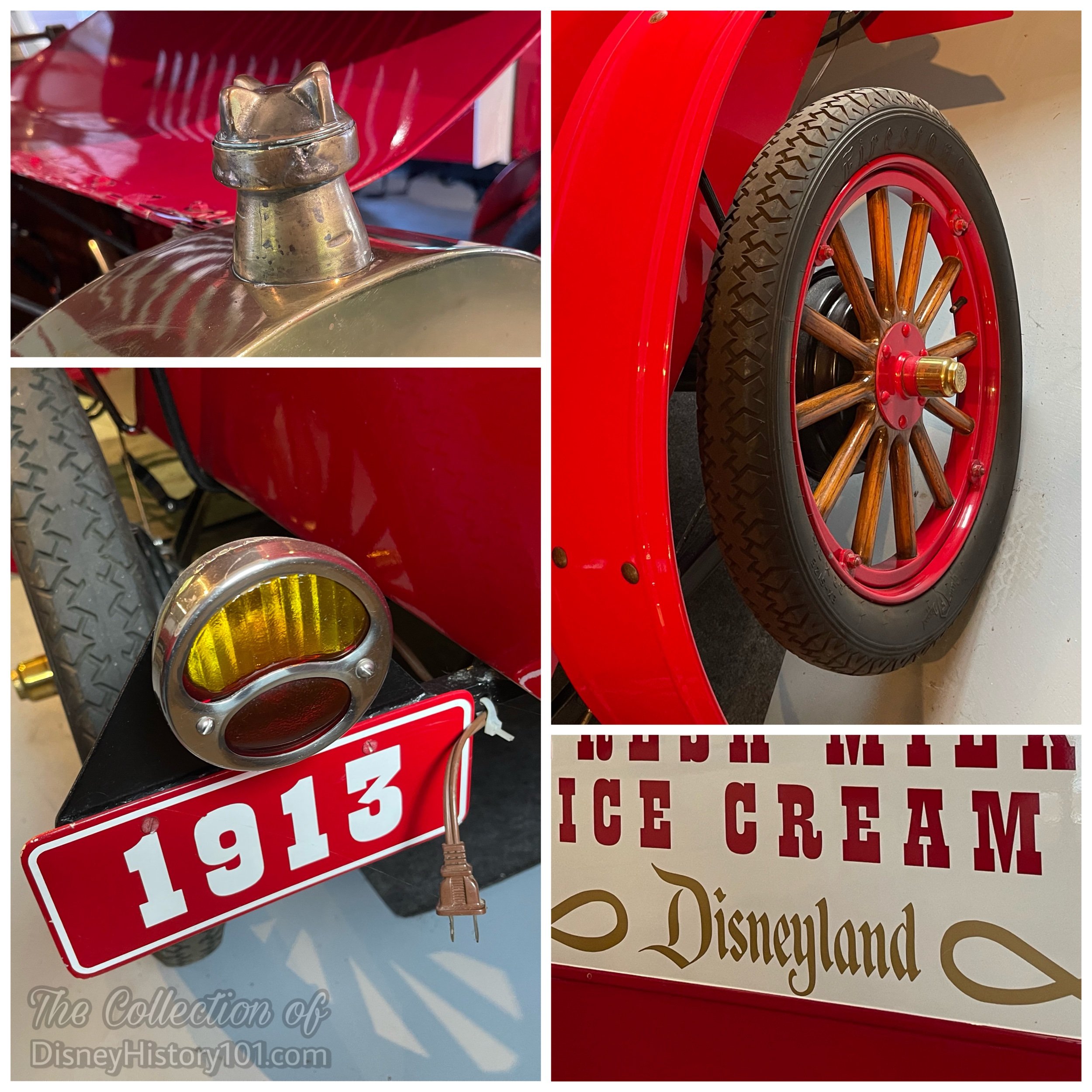
If you ever walked about this exhibit during its Disneyland days, the smallest of details may be impressed upon your memory. You may recall the unique shape of the original radiator filler cap and flange, or the words “Carnation Company Ice Cream Truck - Disneyland” painted on the side. There are however, a few differences in the present.
The old Gurrmobile is currently still outfitted with“narrow high pressure tires,” though these are brand new. Also, the original red wooden spokes have been sanded (during restoration), to reveal the original wood grain underneath. As for the original license plate and number (which read “1639”), as well as the original rear lamps, all have been replaced.
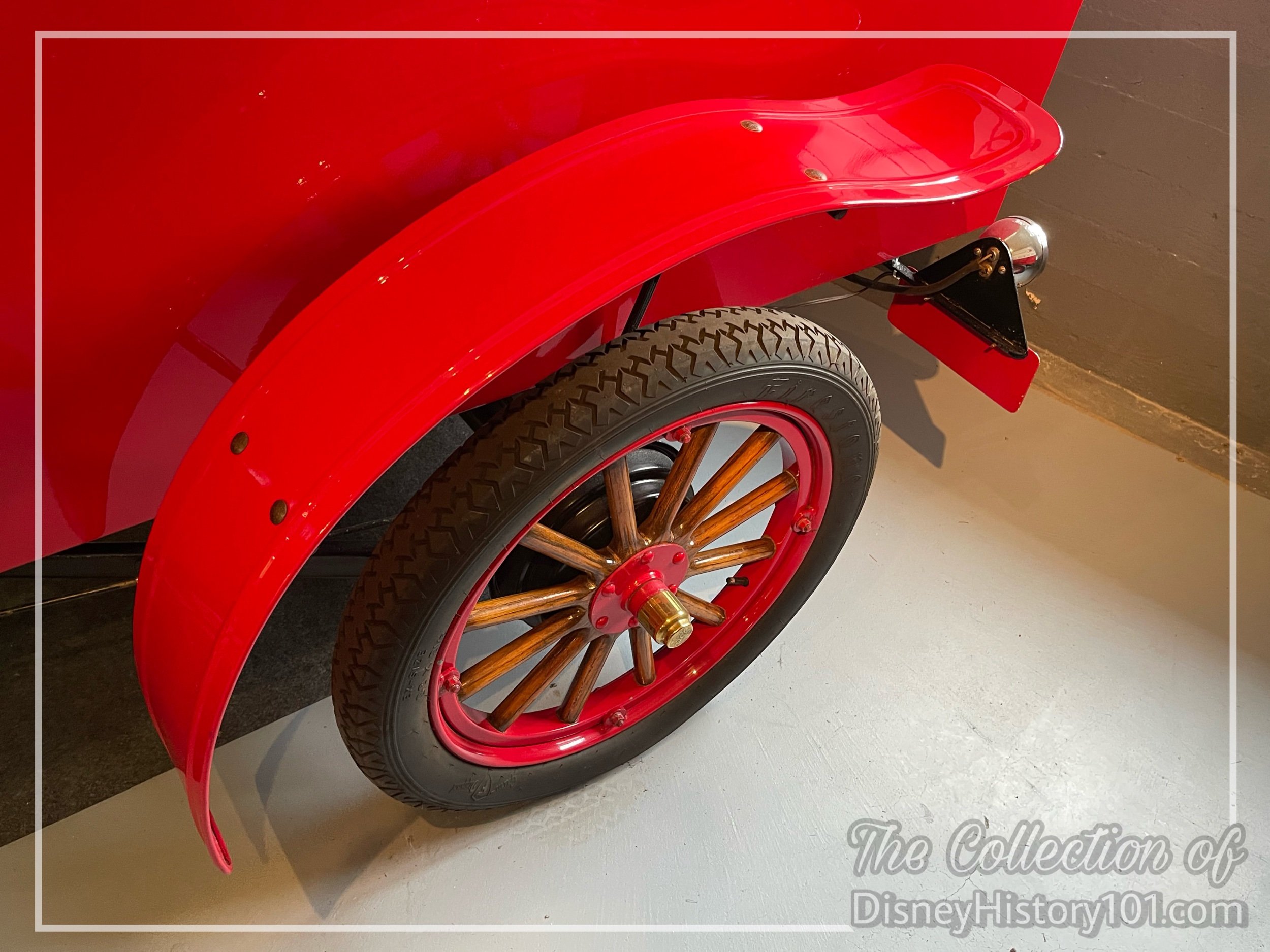
The Carnation-red high fenders (and running board) of this Gurrmobile were designed with a slight upward flair - more so than true-life c.1908 Carnation Ford delivery trucks.
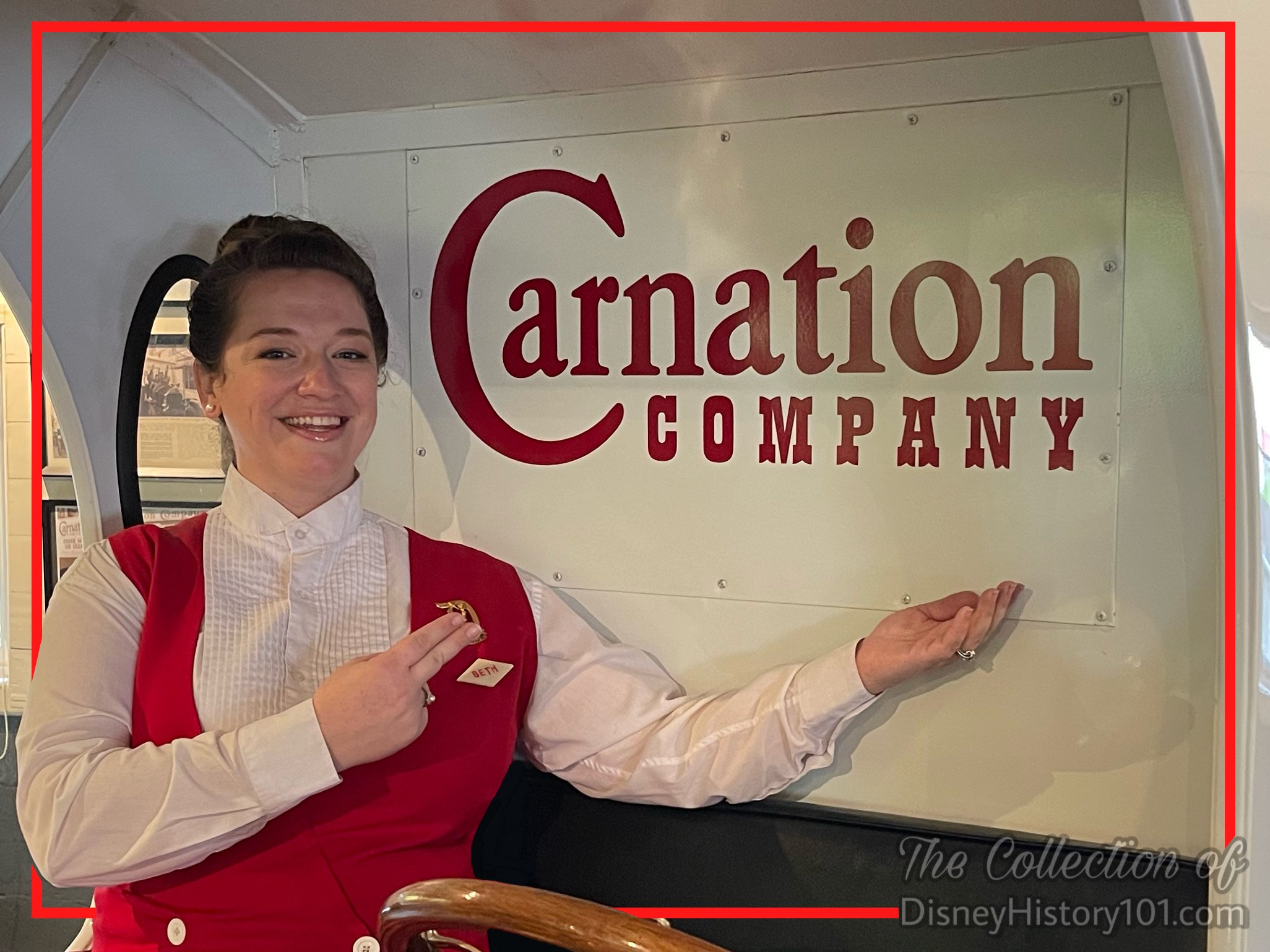
When the Carnation Farms Museum Staff restored the Truck Exhibit, it was decided to retain the size of the original Carnation Company Plaque (fastened in the very same rivet holes). Most visitors will not notice, that while the font is also very similar, it was decided to reposition the letters slightly, varying from those of the Disneyland-era.
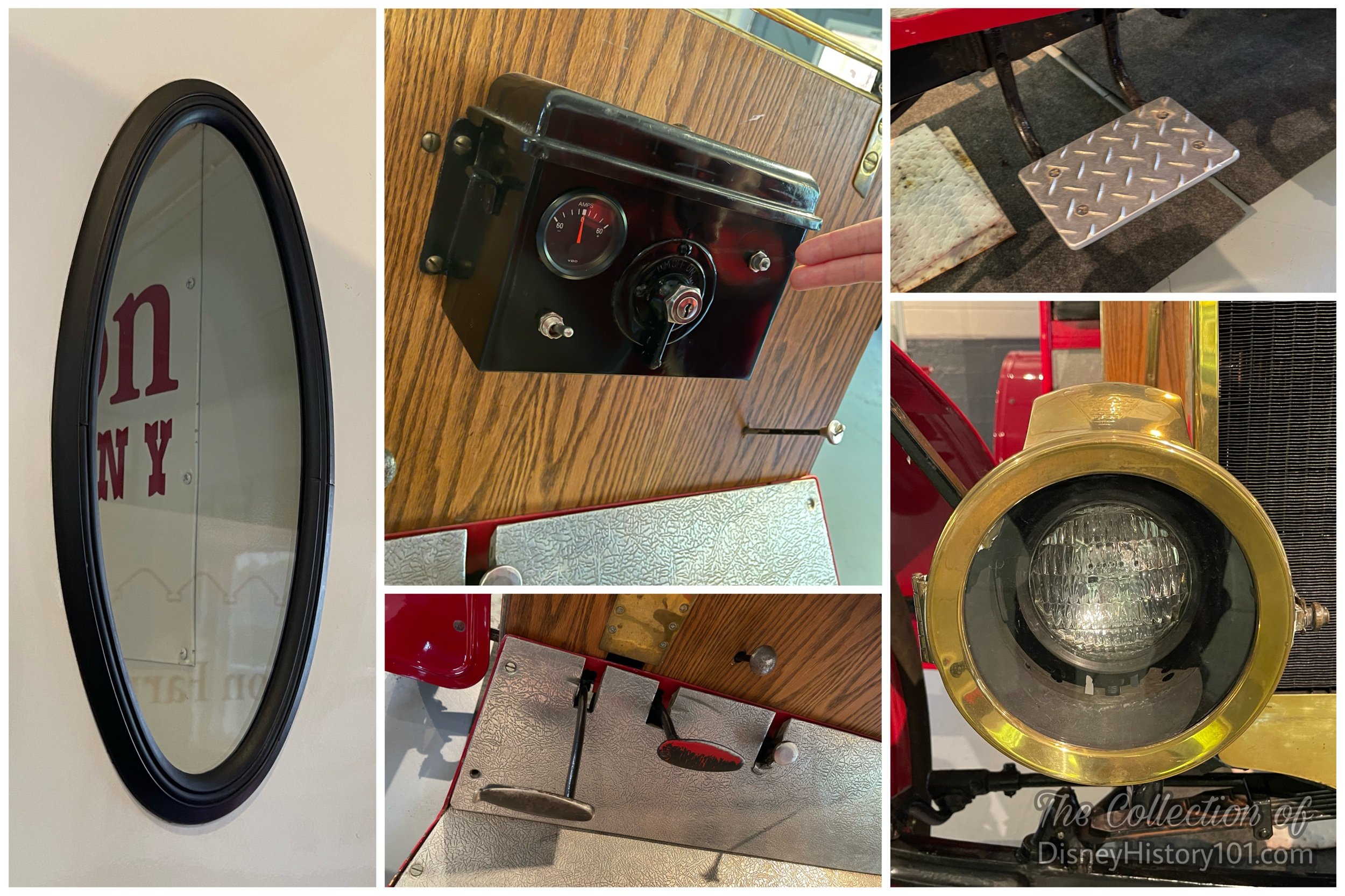
The windows, step plate, as well as clutch and brake pedals look familiar. But gone are the original “resplendent set of brass coal oil head lamps” (which seem to have disappeared sometime after the truck was relocated to the Backstage Disneyland “Boneyard”) as well as the old “bulb-type” horn (which seemed to have vanished similarly).
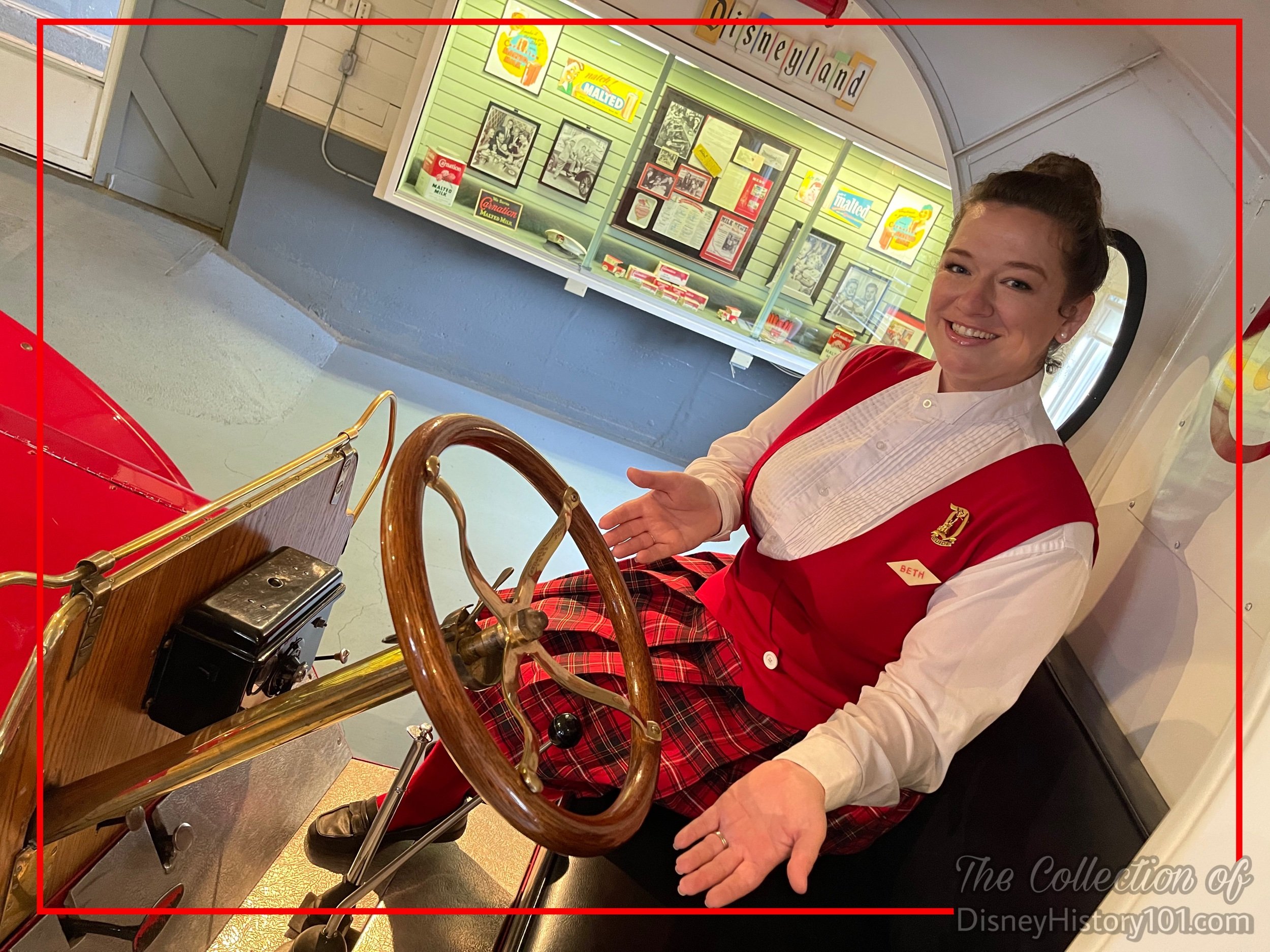
While the addition of a bulb-type horn was not included in the rehabilitation, the lemon wood steering wheel (as well as brass steering column assembly and spark throttle lever) was restored to its original luster!
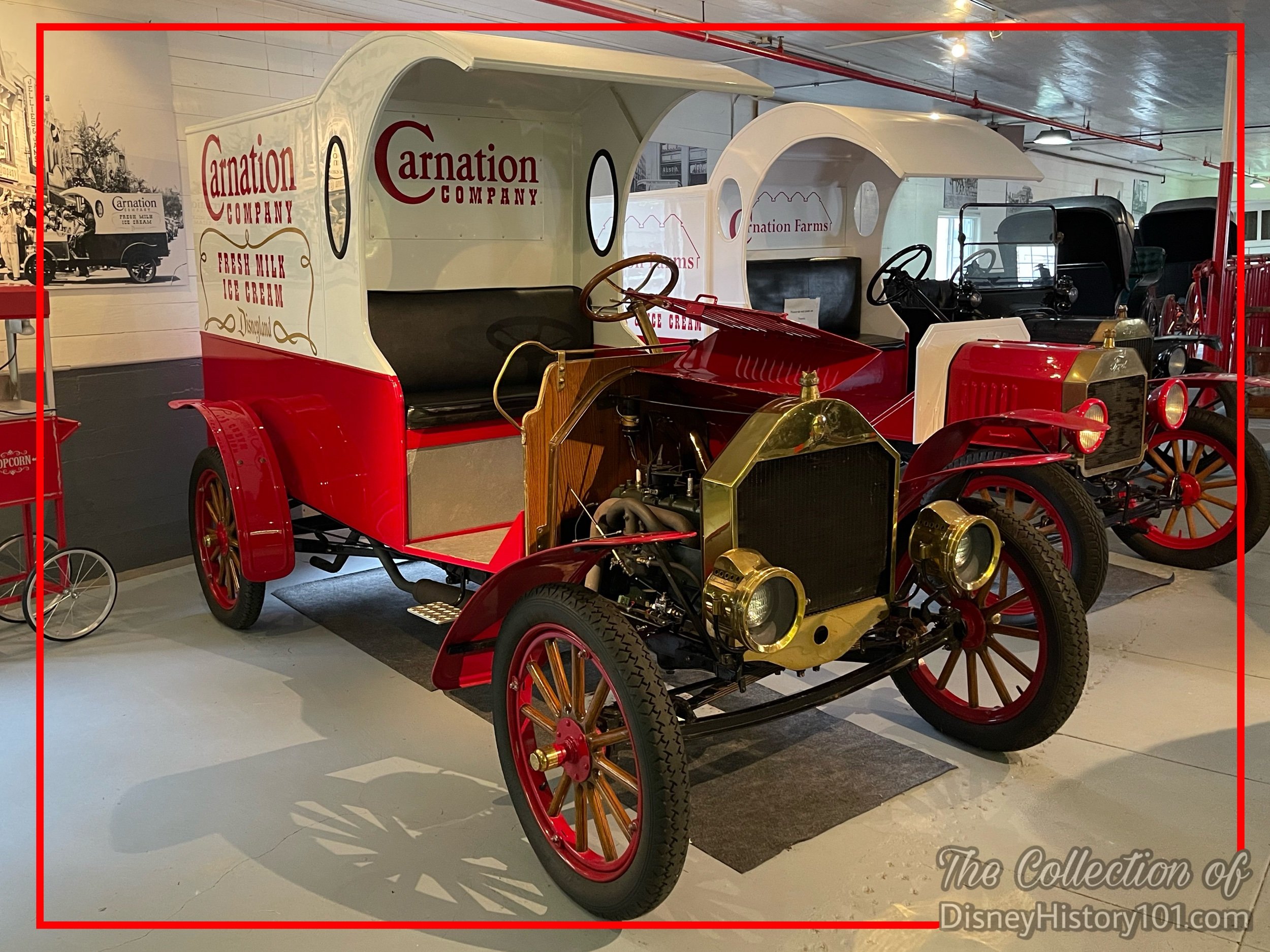
The original brass engine crank handle had also disappeared before the exhibit was acquired by the Carnation Farms Museum Archives. However, the engine (though restored with some new parts) is similar to the original.
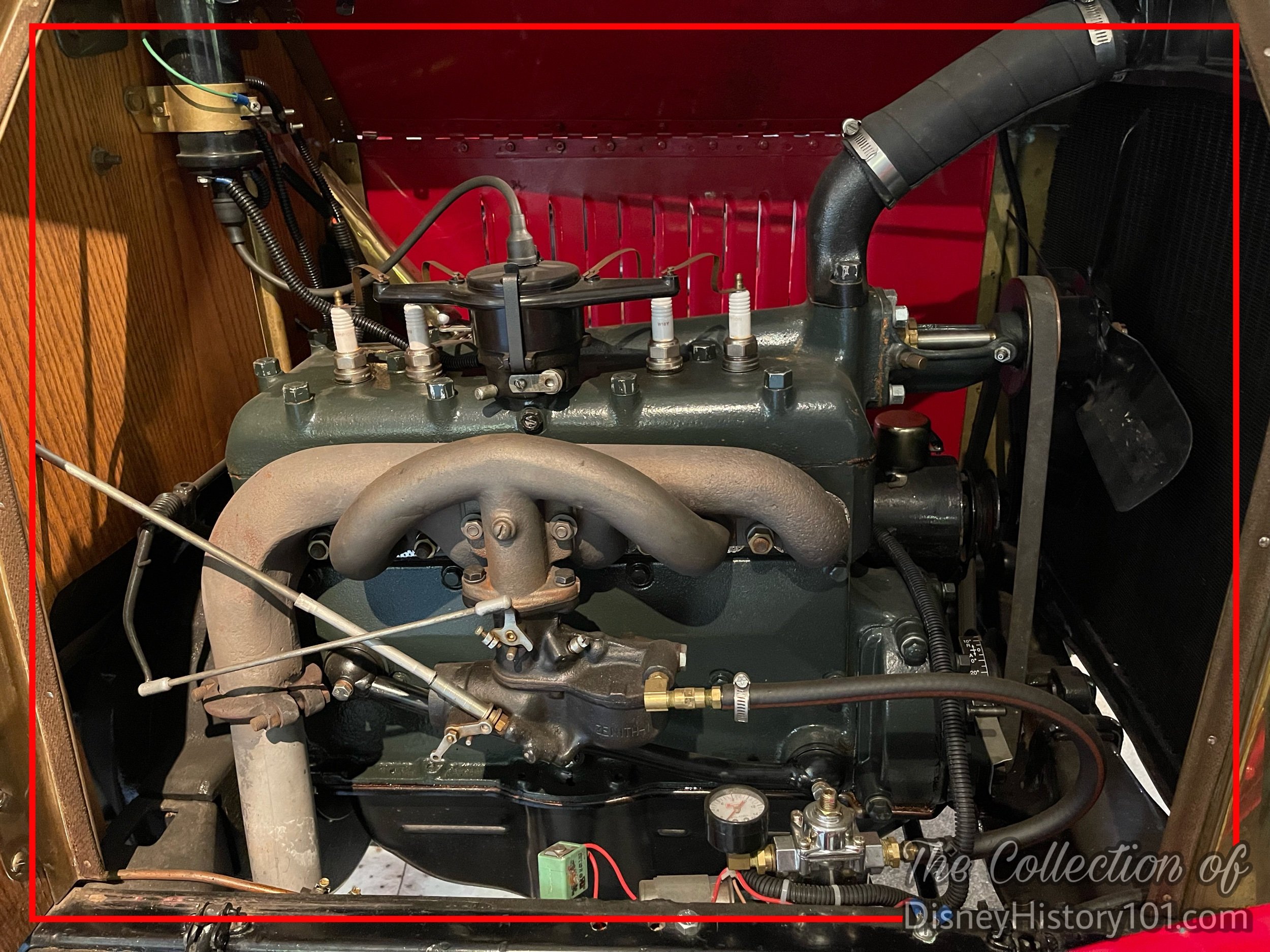
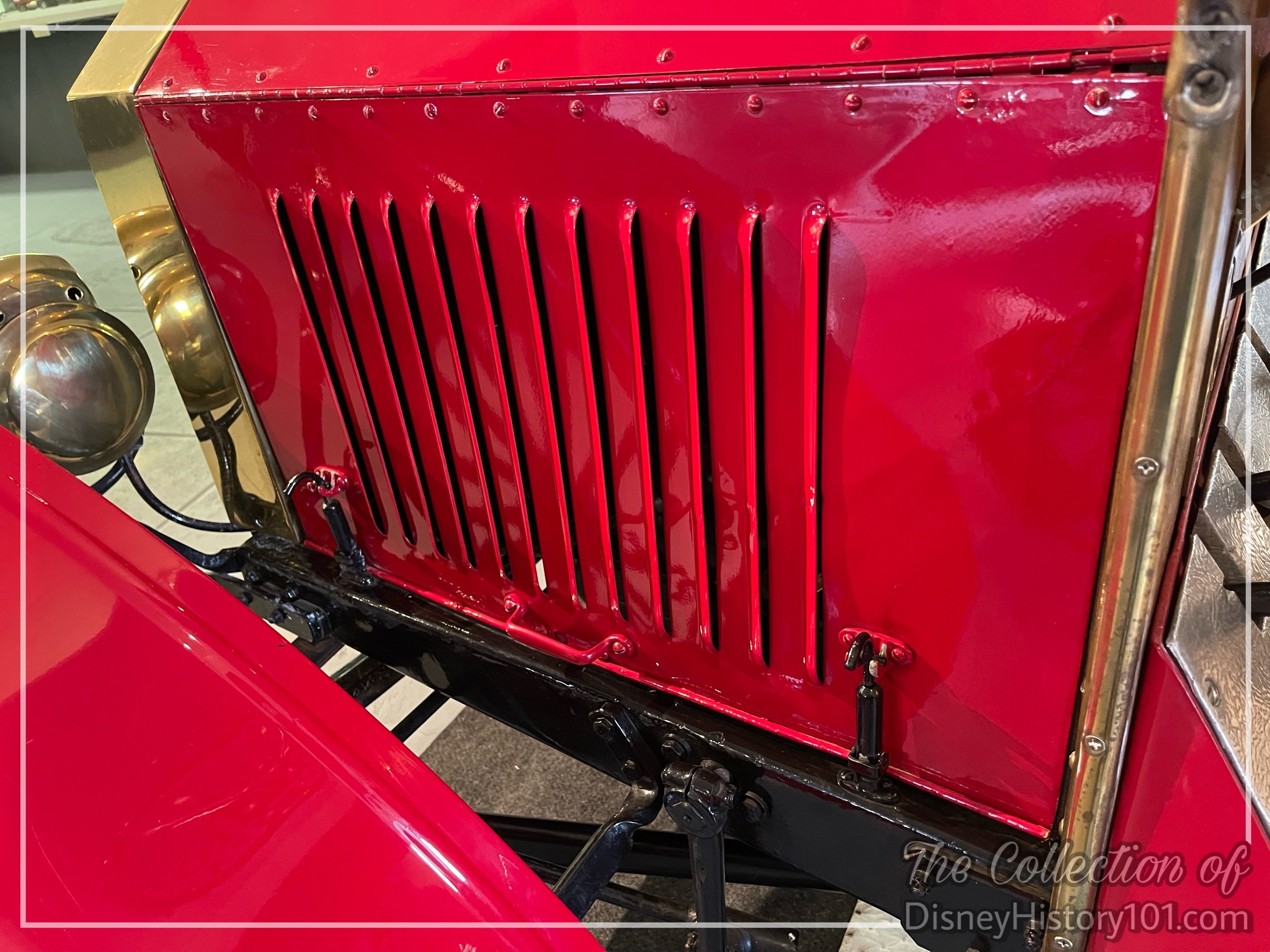
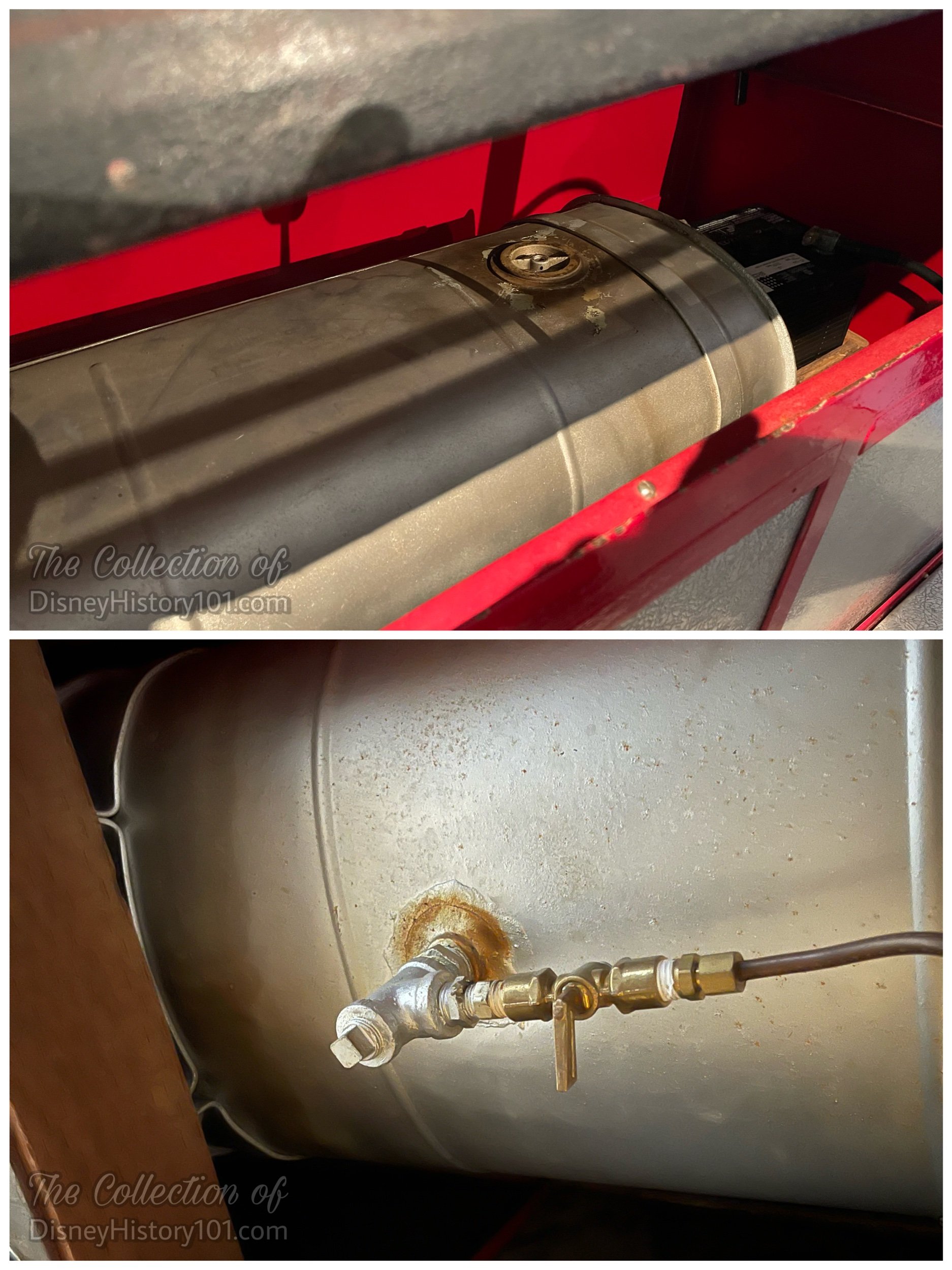
The gasoline tank (seen from the undercarriage in the bottom image) was conveniently accessed by lifting the driver’s bench cushion (seen in the upper image) in early Ford truck models. Bob Gurr and Carnation Shop Staff approved this feature in their designs. A battery is similarly tucked away next to the gasoline tank.
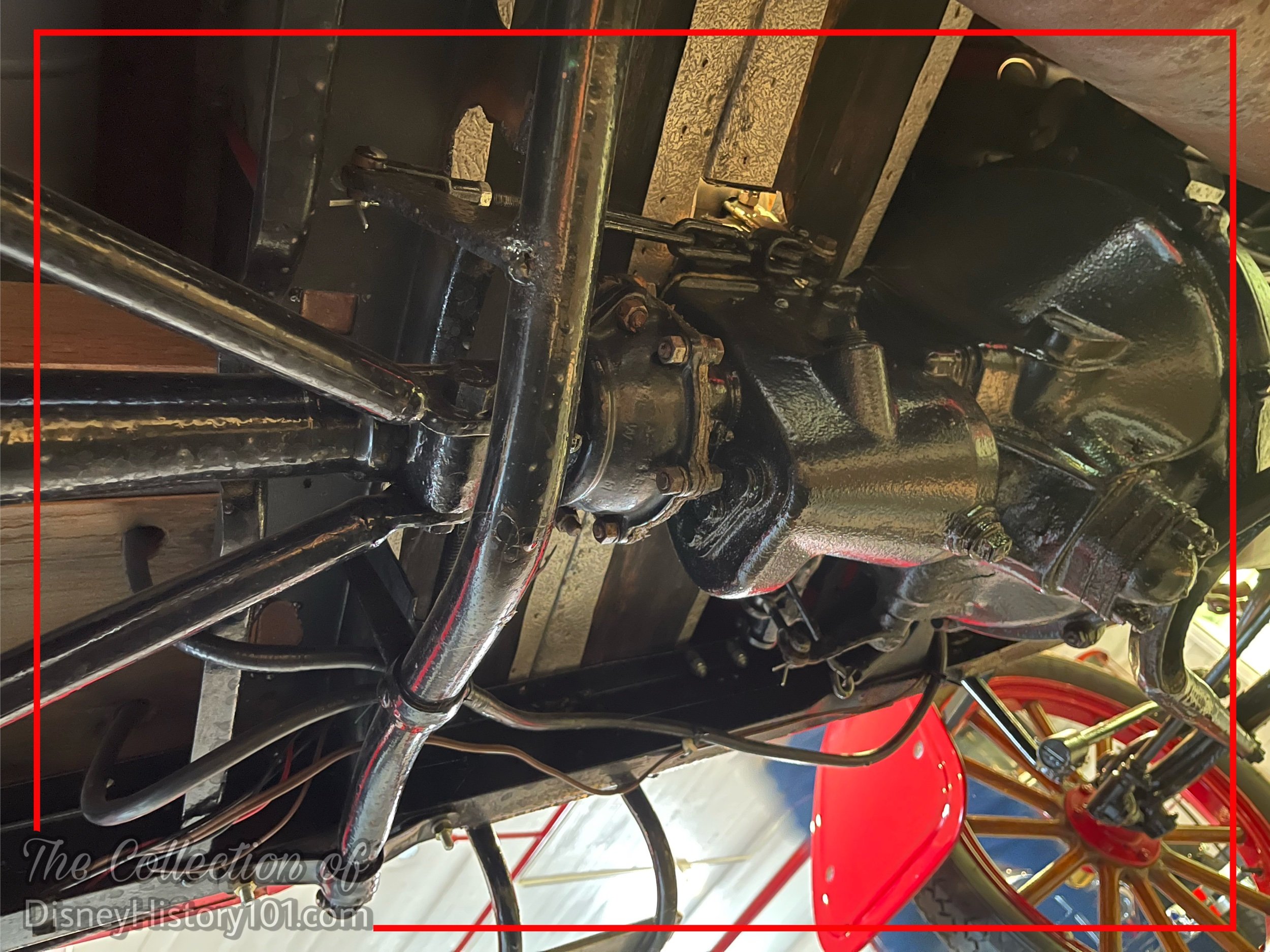
A look at the undercarriage reveals just a glimpse of the original shortened chassis (with axles and frame) as well as all those rarely seen parts - most noticeably, the transmission case, joint and spline, and other moving parts.
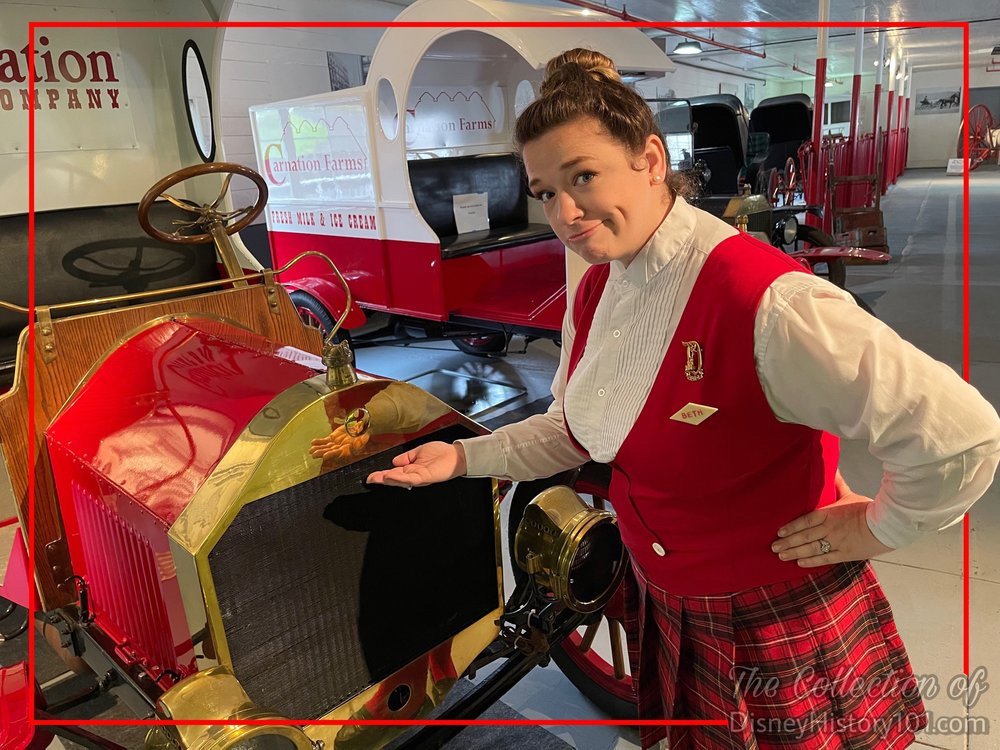
You may remember that the word “Gurrmobile” was once carved on this metal “nameplate” on the front of the Radiator. According to Elbridge Stuart (the son of E. Hadley Stuart, Jr., the truck ornament read “The Gurrmobile Company - Los Angeles.” The official Press Release (prepared by Bob Riverbark of Carnation Company Headquarters, c. 1955), elaborated : “Carnation Company… put a small ‘Gurrmobile’ name plate on the truck to honor Bob Gurr, Walt Disney’s Director of Special Vehicle Development who produced the two inch stack of engineer and artist drawings from which it was built.”
Alas, by the early 1970s, Bob’s name had been polished away by Disneyland Maintenance Department Staff, and in the present, no trace of this one-time homage remains.
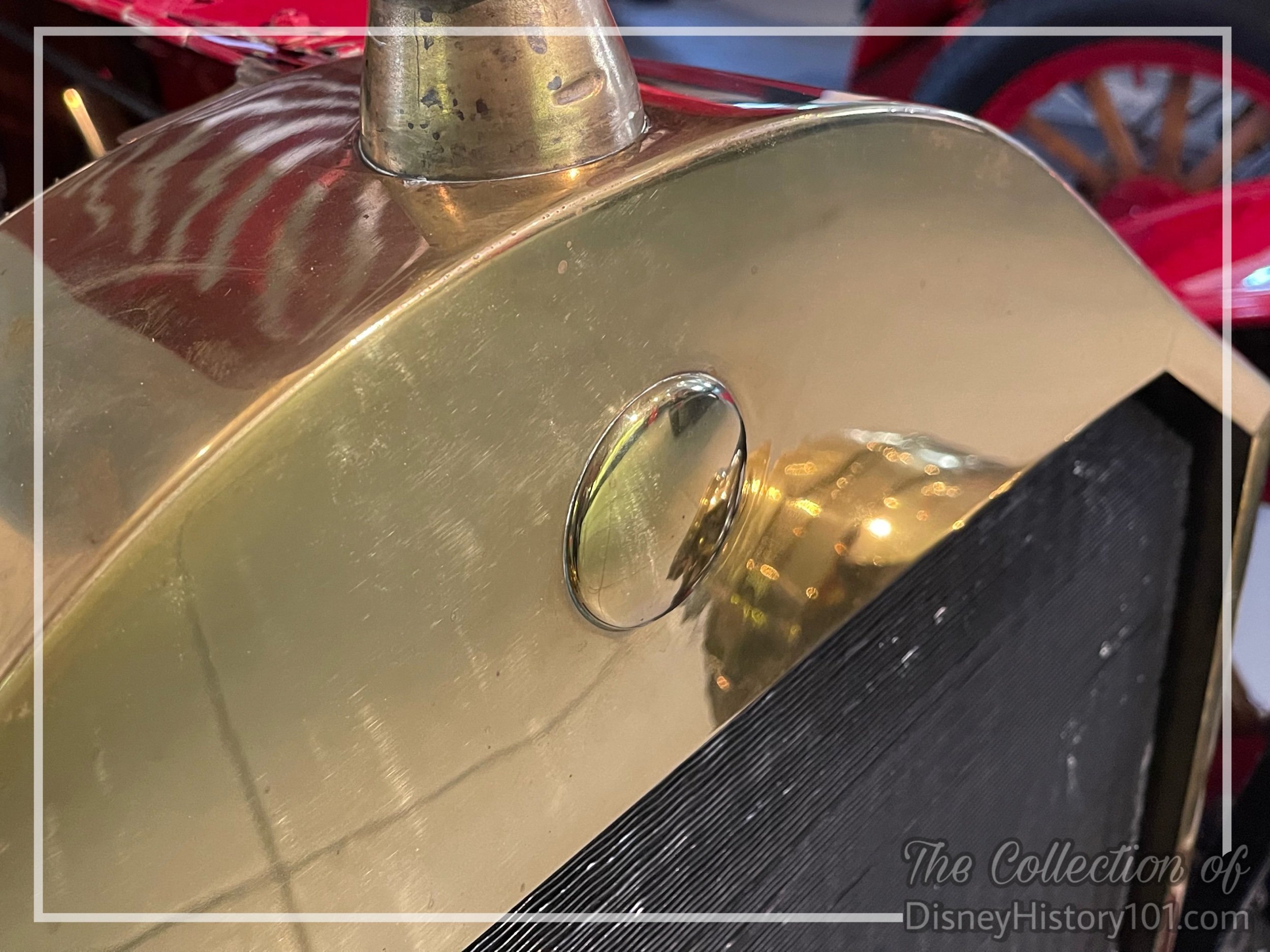
A whole lot of work went into restoring and rehabilitating the Carnation Truck Exhibit to its current state. Much of this was headed by Carnation Farms Museum Volunteer and Archivist Bob Costers.
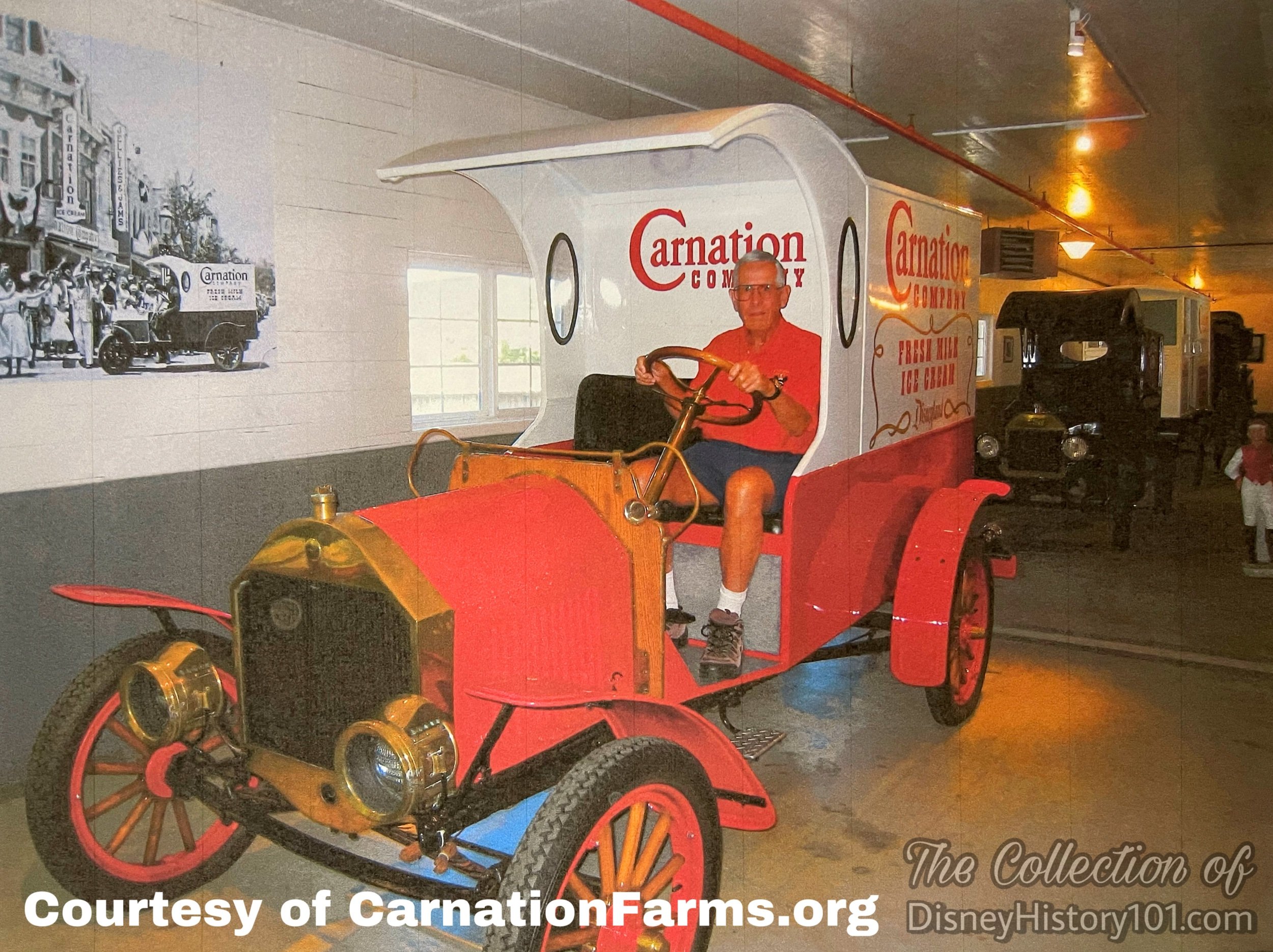
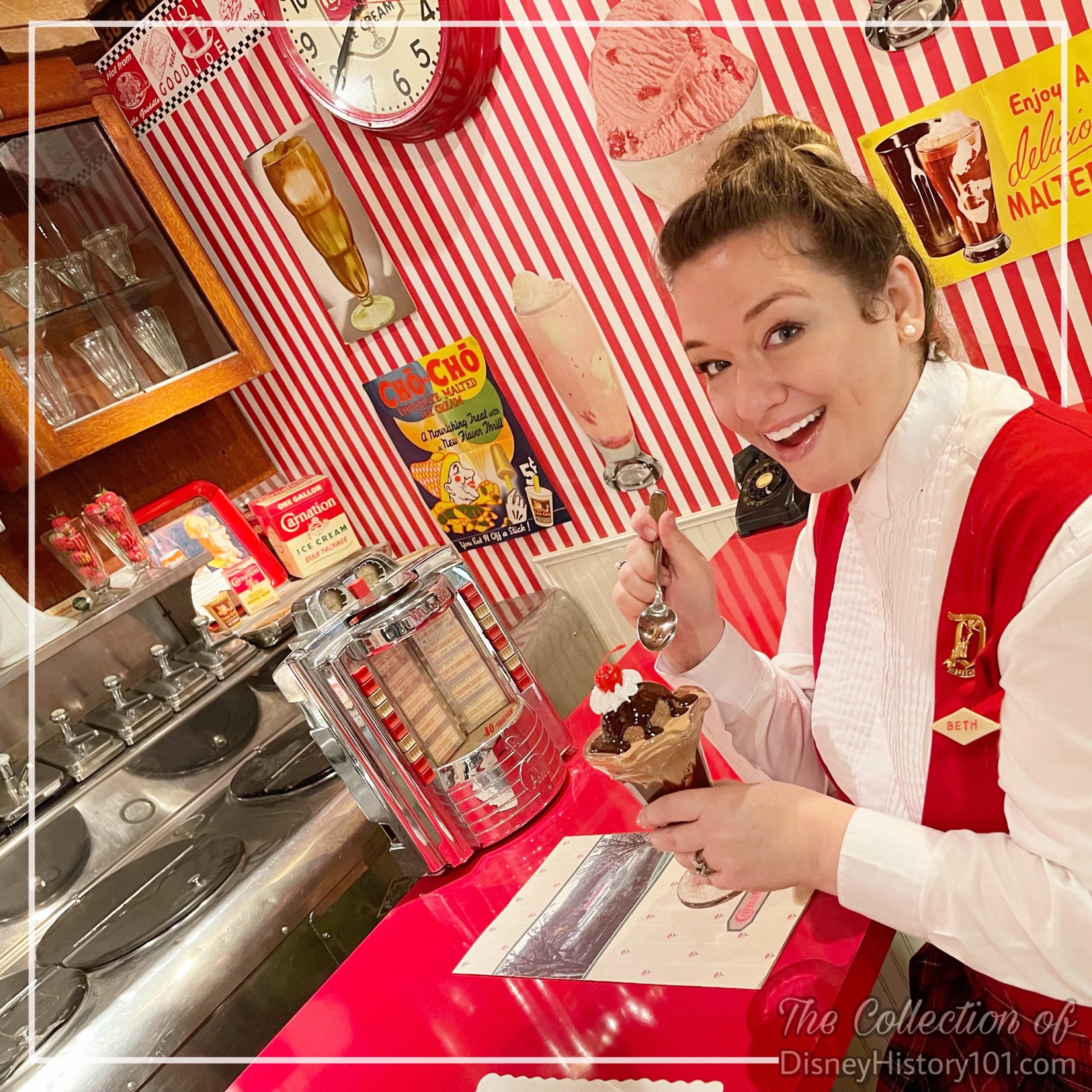
There is so much more to see! Other Carnation Farms Museum exhibits preserve chapters of Elbridge Amos Stuart’s Carnation Farms story through true-life artifacts placed in diorama recreations. If you would like more information about the Carnation Farms Museum, Museum hours of operation, or learn how you can support this wonderful Disneyland-related exhibit, please visit the Carnation Farms Museum official website - CarnationFarms.org!

The Carnation Cafe would have a legacy through the character elements and menus items of other Ice Cream Parlors at Disney Parks. For instance, when Tokyo Disneyland opened on April 15, 1983, the Ice Cream Parlor would feature desserts like a Sweetheart Sundae and the Victorian Sundae.
By 1991, Carnation sponsored three locations at Disneyland - Carnation Ice Cream Parlor was a table service restaurant that offered Lean beef patties, nutritional sandwiches, soup, salads, beverages, ice cream specialties, in addition to Breakfast. Carnation Plaza Gardens offered lean beef patties, ice cream cones and sundaes. Finally, the Main Street Cone Shop was also hosted by Carnation, offering chocolate, vanilla, and strawberry ice cream, orange sherbet plus the flavor of the day, root beer floats, and other beverages.
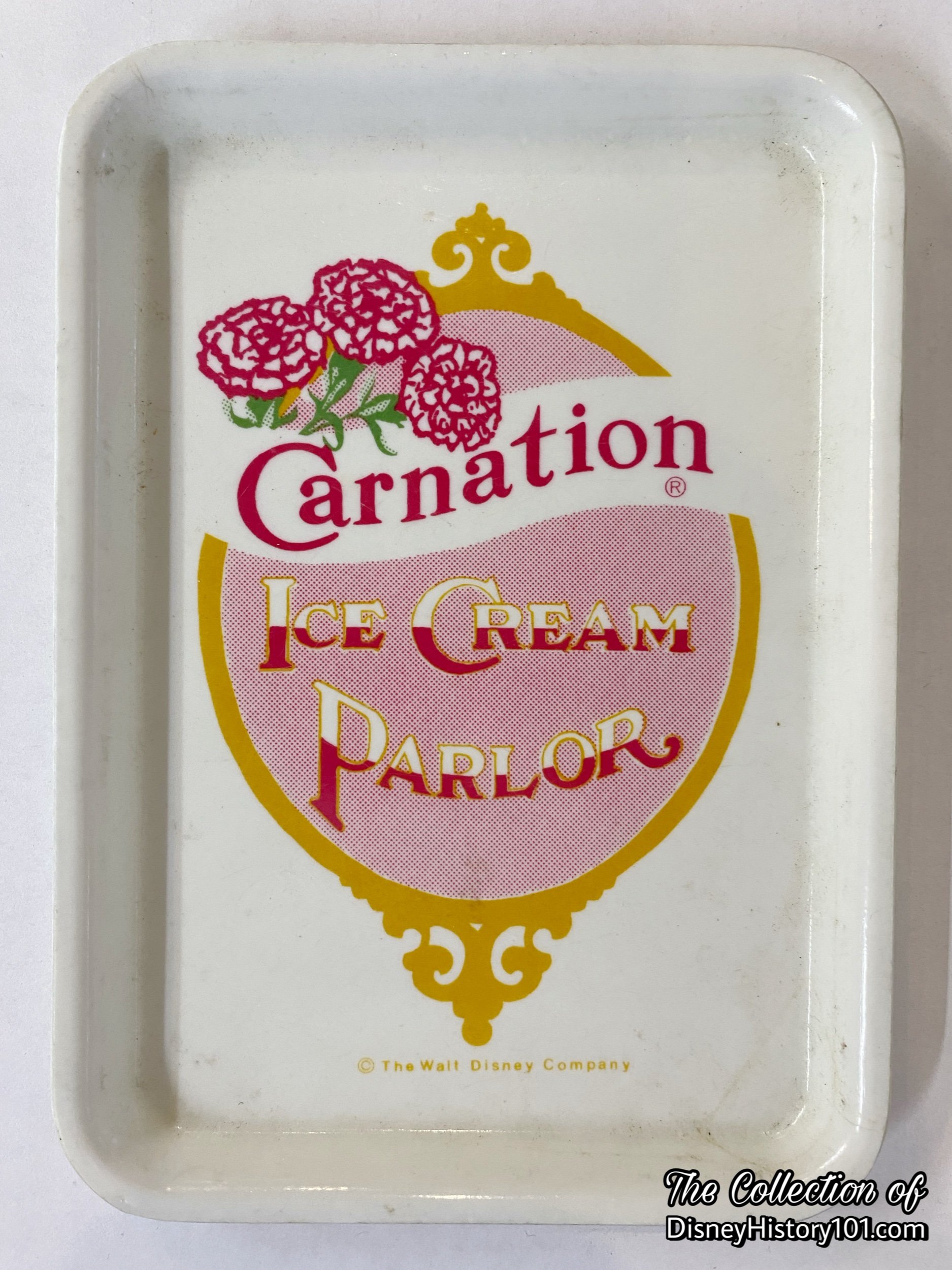
The Carnation Cafe would have a legacy through the character elements and menus items of other Ice Cream Parlors at Disney Parks. For instance, when Tokyo Disneyland opened on April 15, 1983, the Ice Cream Parlor would feature desserts like a Sweetheart Sundae and the Victorian Sundae.
By 1991, Carnation sponsored three locations at Disneyland - Carnation Ice Cream Parlor was a table service restaurant that offered Lean beef patties, nutritional sandwiches, soup, salads, beverages, ice cream specialties, in addition to Breakfast. Carnation Plaza Gardens offered lean beef patties, ice cream cones and sundaes. Finally, the Main Street Cone Shop was also hosted by Carnation, offering chocolate, vanilla, and strawberry ice cream, orange sherbet plus the flavor of the day, root beer floats, and other beverages.
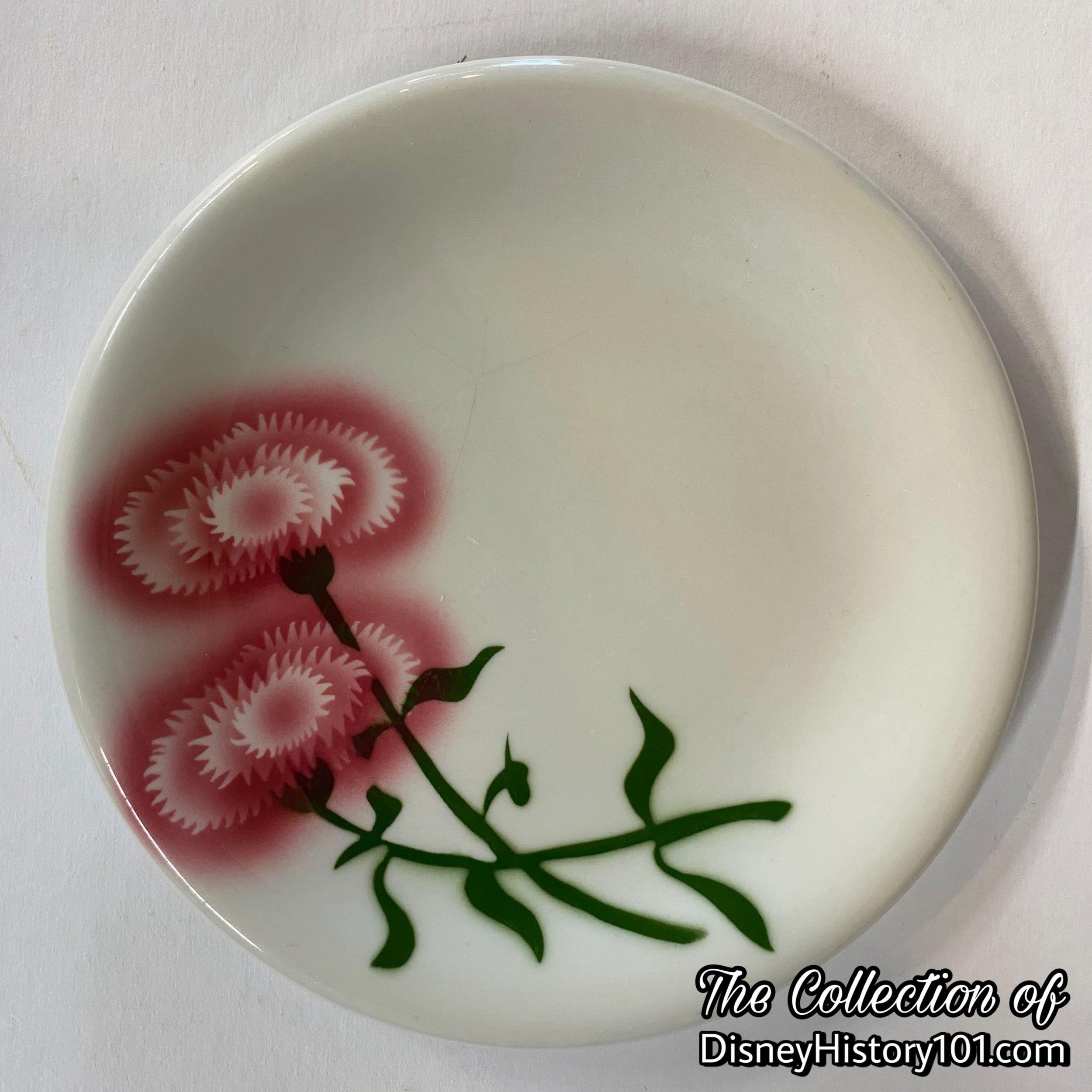

Though the Carnation Ice Cream Parlor closed on January 4, 1997, the name “Carnation” would continue to be affiliated with Disneyland (sort of). The Carnation Cafe (also named after the flower that graces each table) would open on Main Street, March 21, 1997. While the Carnation Company name departed from Disneyland in 1997, a derivative atmosphere and menu inspired in part by those of the previous participant was established in the new Carnation Cafe! Guests could order Mickey-shaped waffles, Sirloin Steak and Eggs, and Classic Eggs Benedict all day long!
During the 2000s, Carnation Cafe was expanded and completely redone, with plenty of seating indoors and on the heated patio. Deep red and biscuit colors, gas lamp-style fixtures, beautifully carved wood details, and framed sepia-toned photos of an early-era Disneyland created a wonderful setting for breakfast, lunch, dinner or dessert treats.
Breakfast options included Apple-Granola Pancakes, Huevos Rancheros, Steel-Cut Oatmeal, Mickey-Shaped Waffles, and more. Lunch & Dinner options included Green Chile Cheeseburgers, Romaine Salad with Shrimp, and more; plus Walt Disney's personal favorites: Homemade Meatloaf, Chicken-Fried Chicken, and the Fresh Catch of the Day. Special Treats included Creamy Milkshakes and Glowing Character Punch.
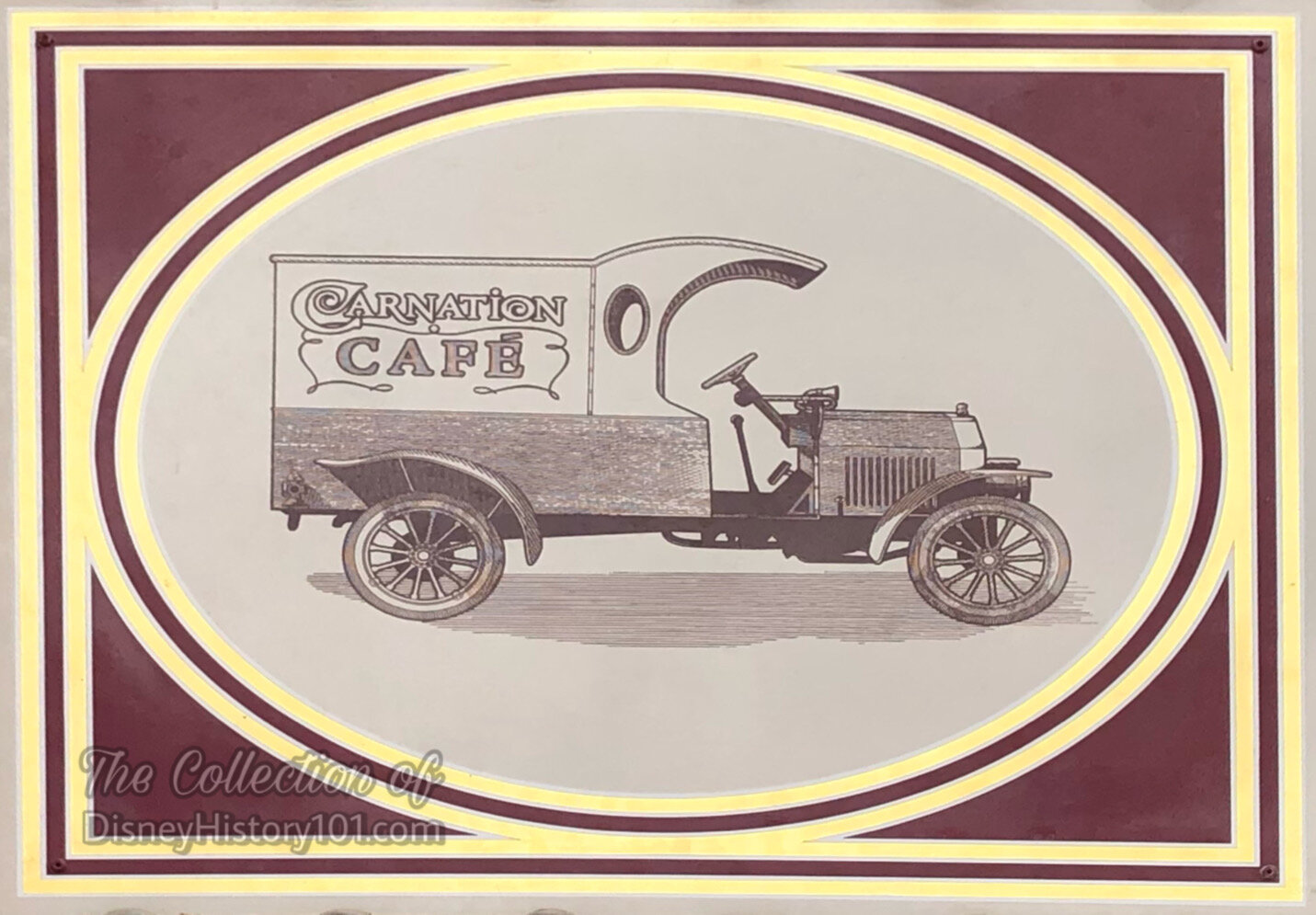
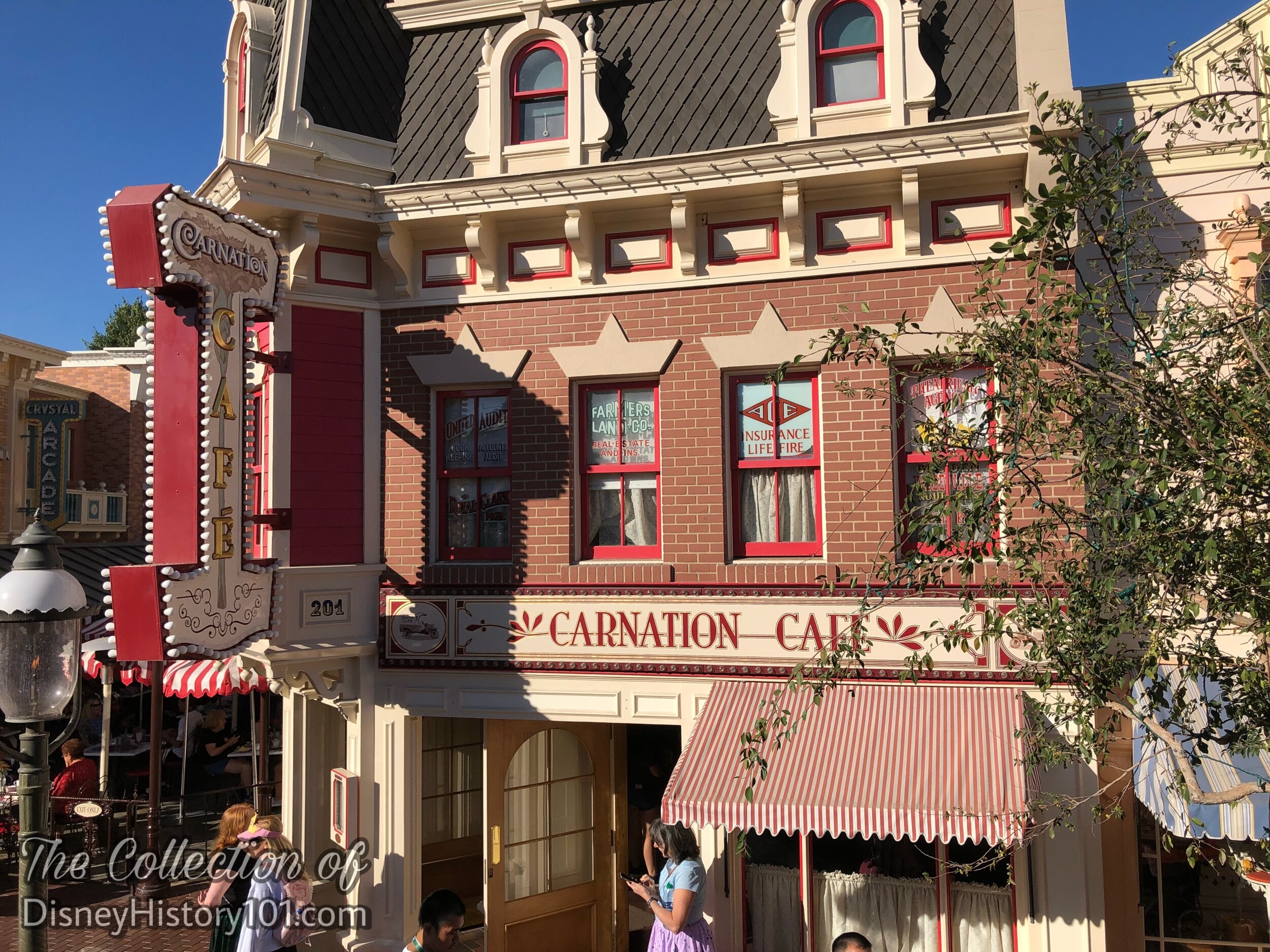


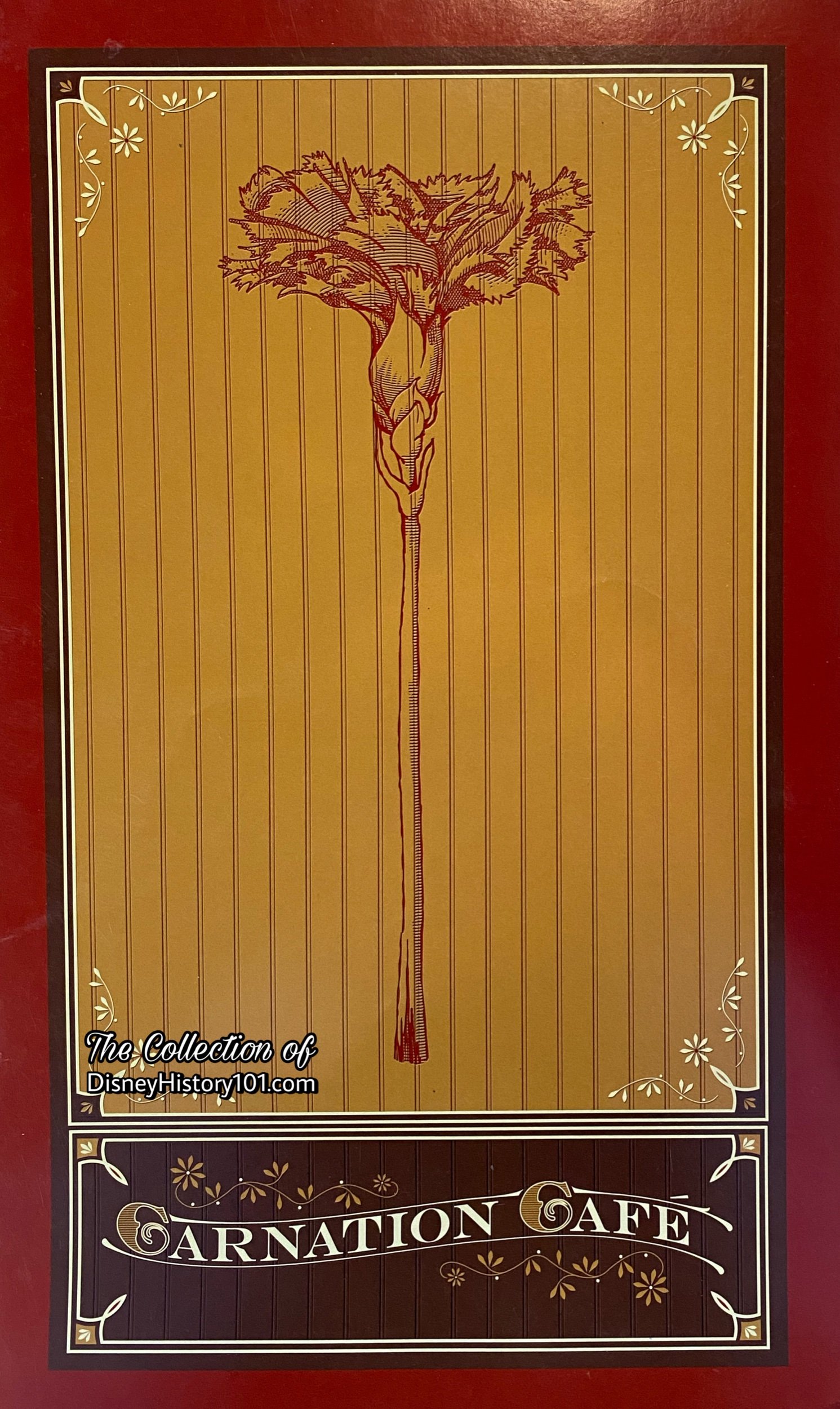
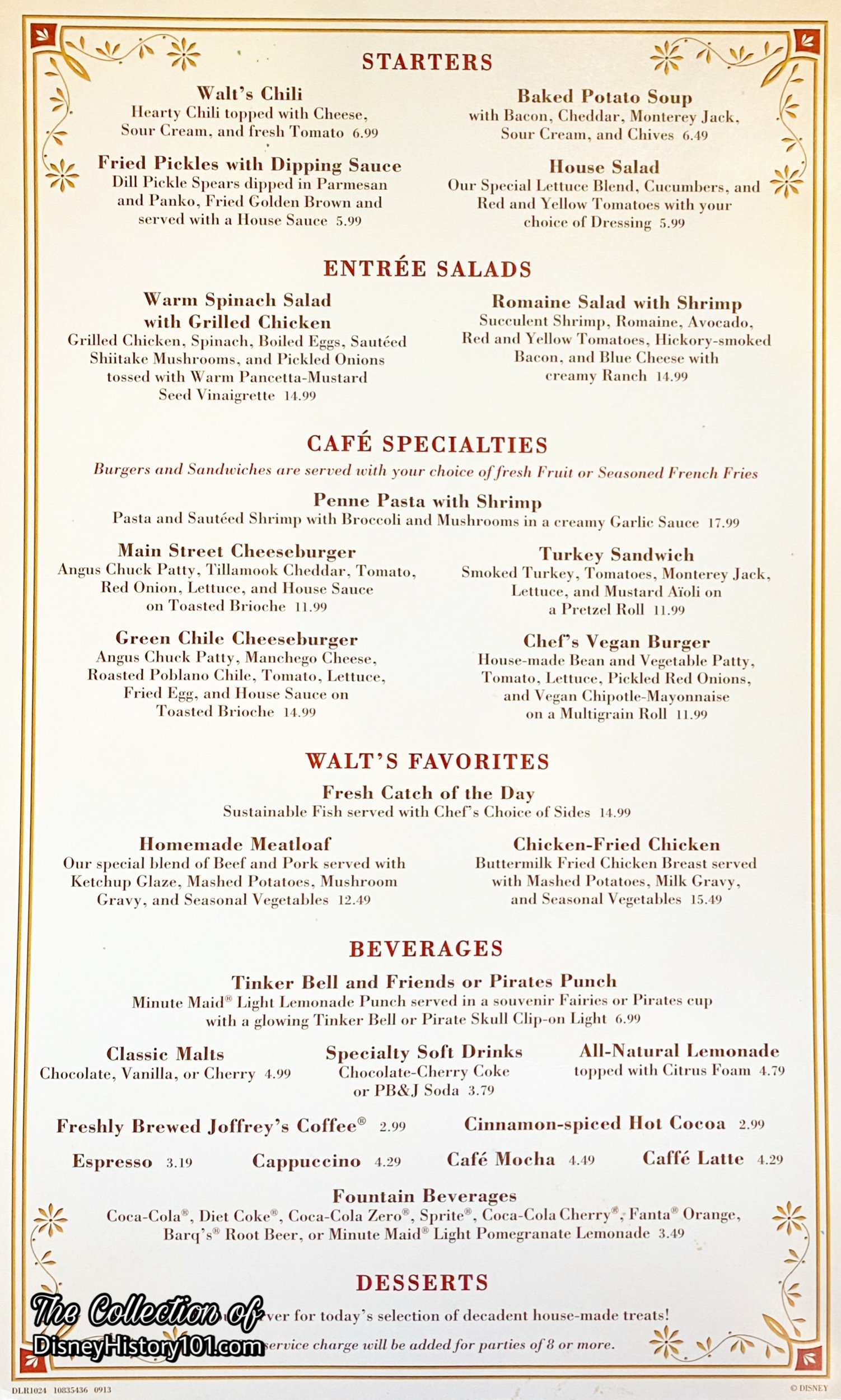
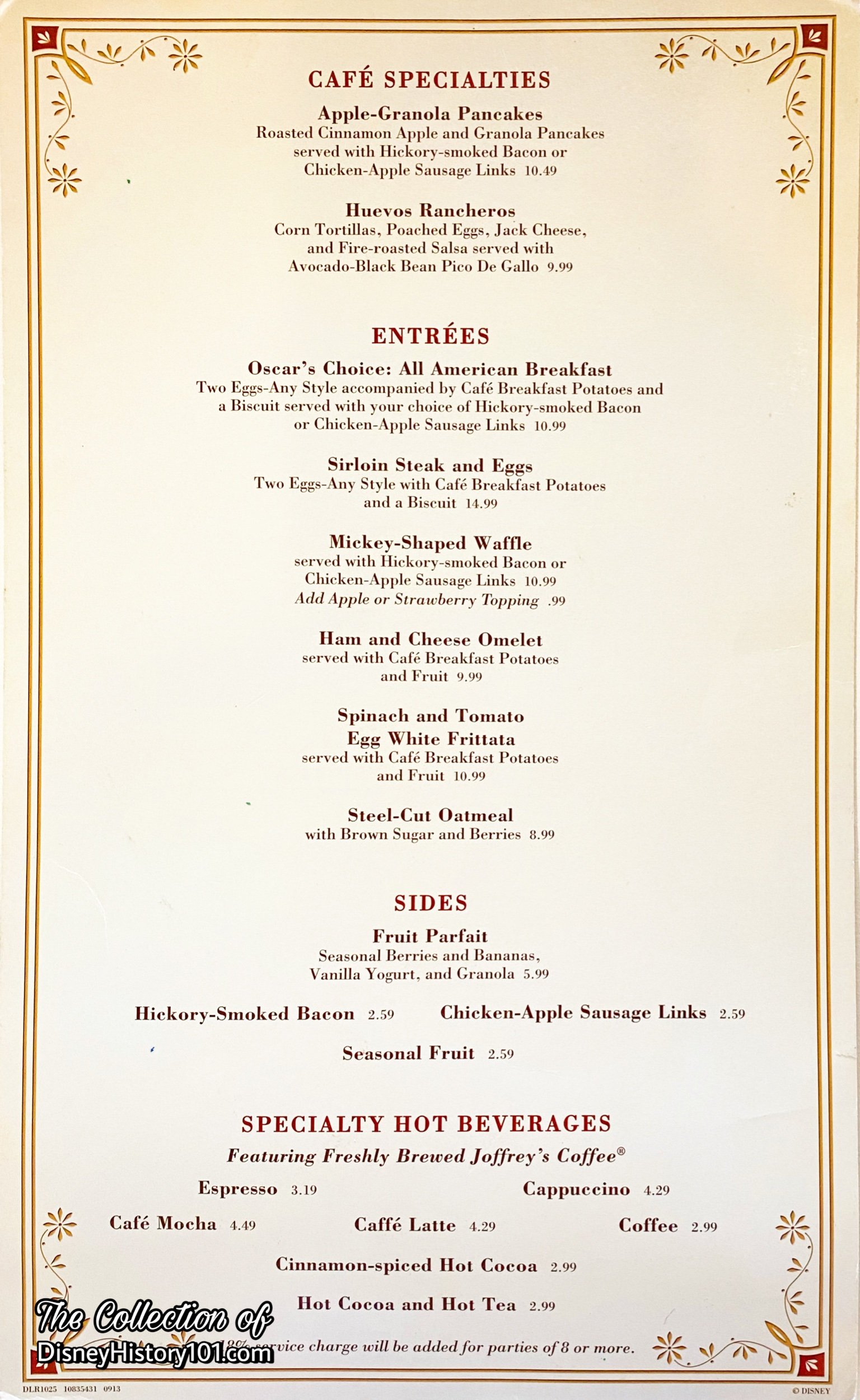
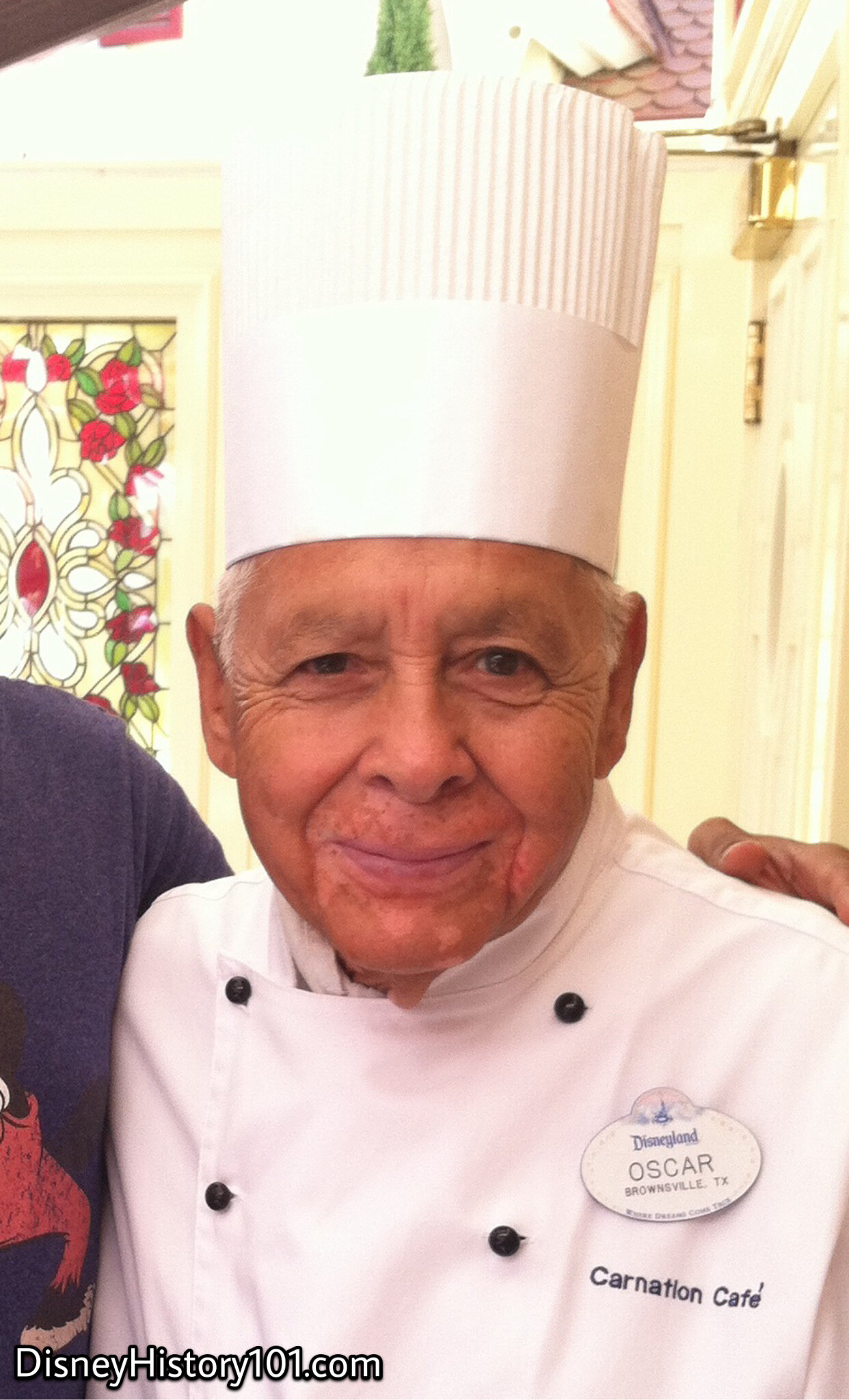
Oscar (the namesake chef) of the “Oscar’s Choice : All American Breakfast” (Two eggs any style accompanied by Cafe Breakfast Potatoes served with hickory-smoked bacon or chicken-apple sausage links and your choice of toast)! We’ll be adding Oscar’s story here soon!
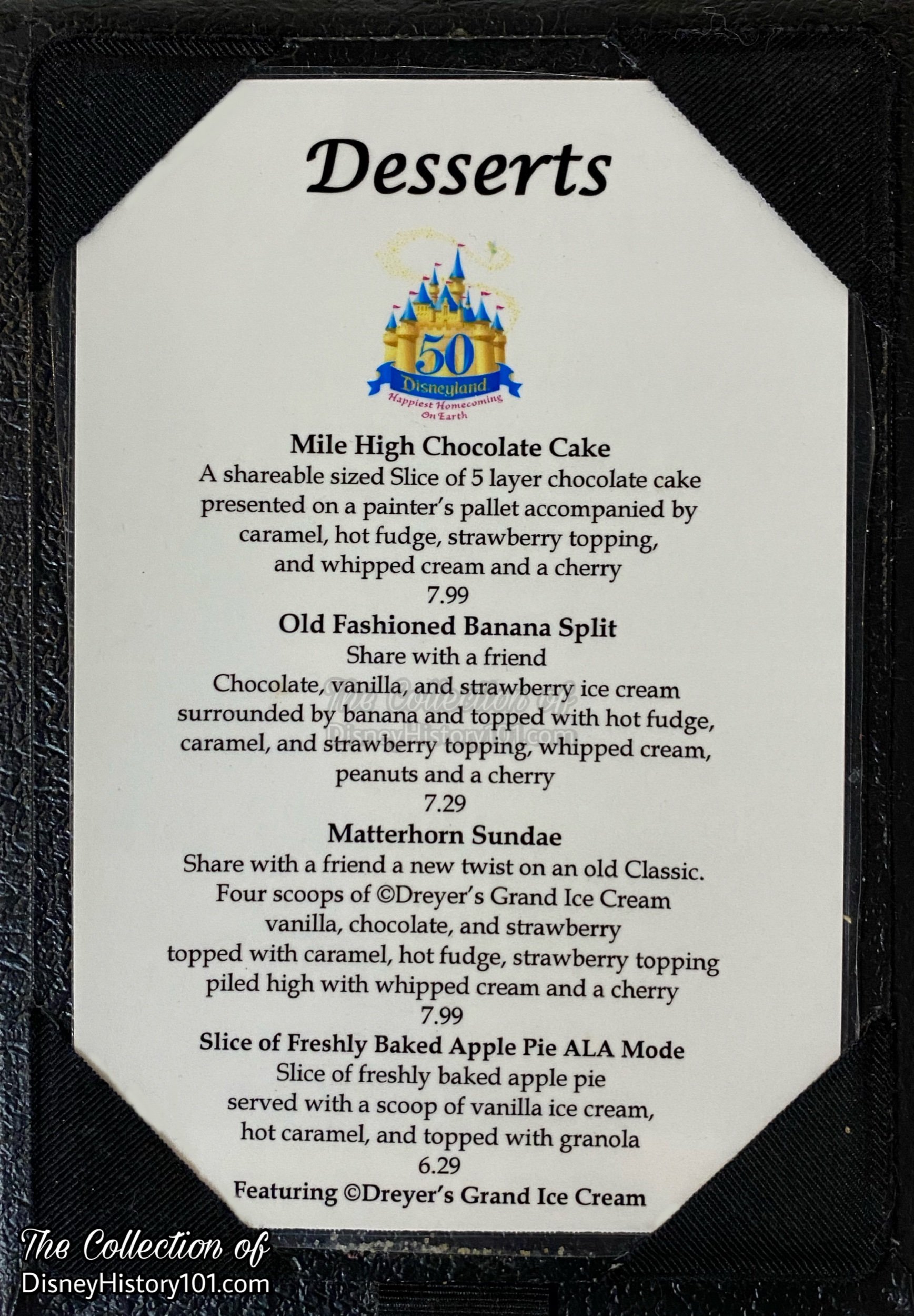
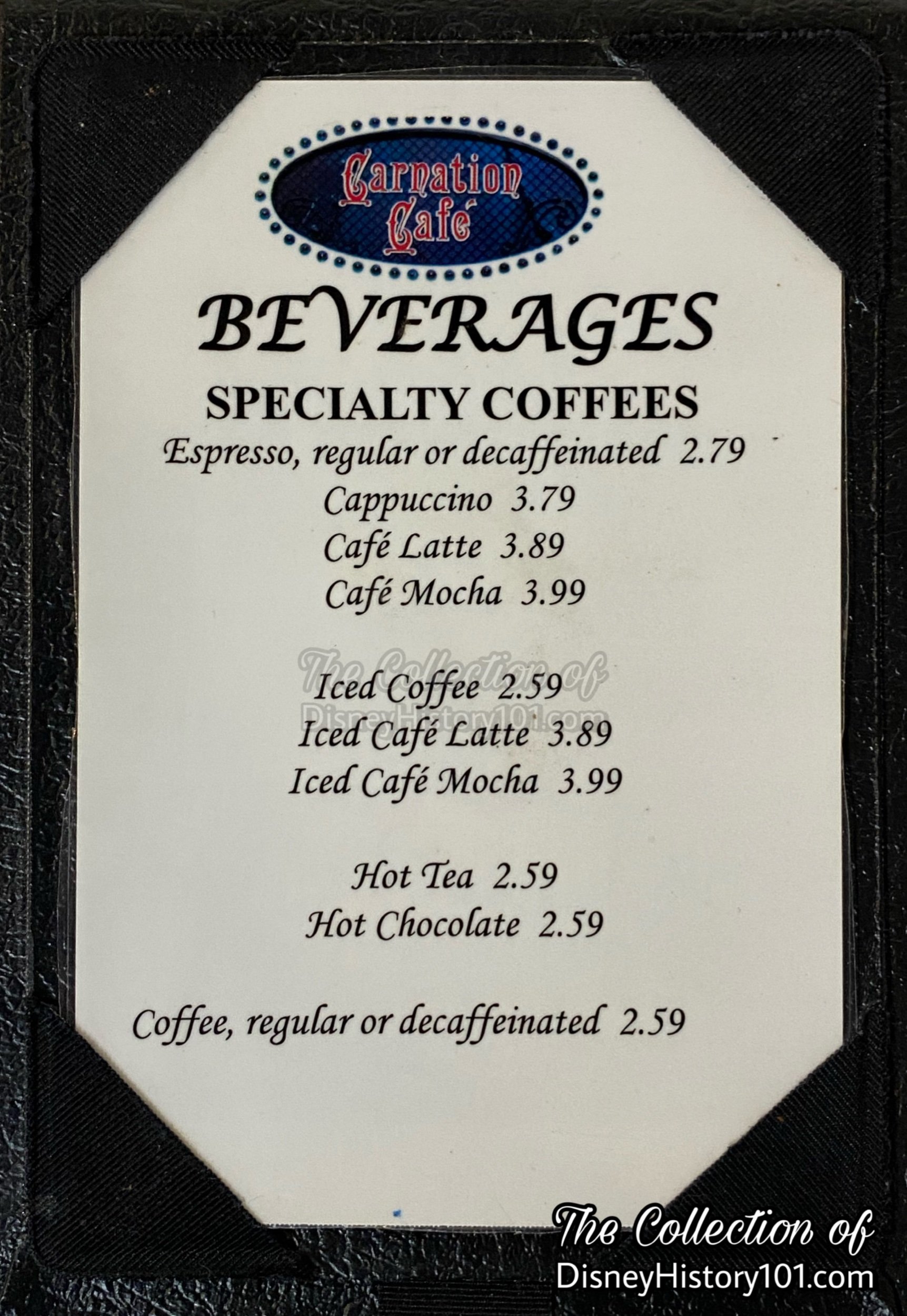
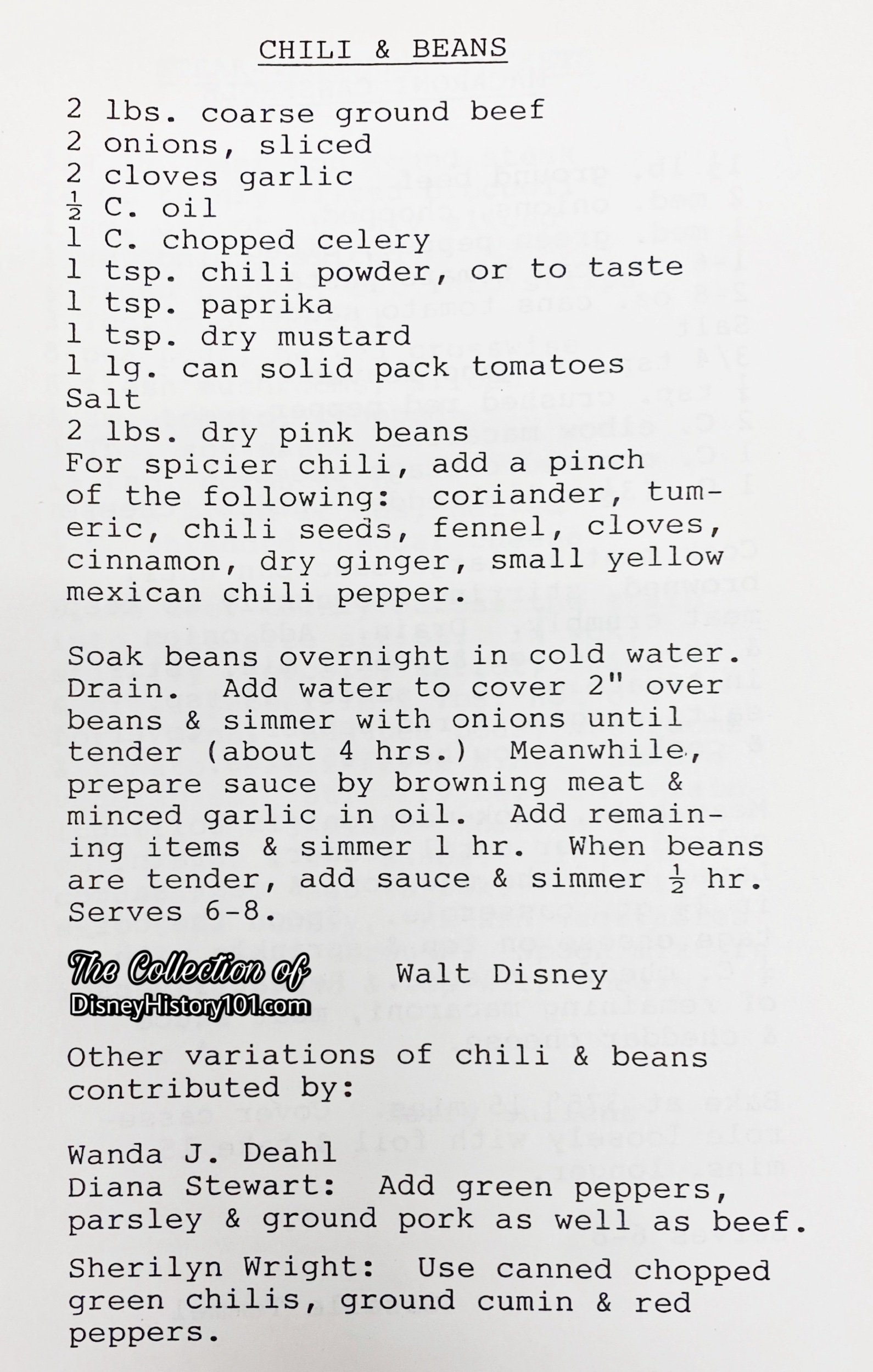
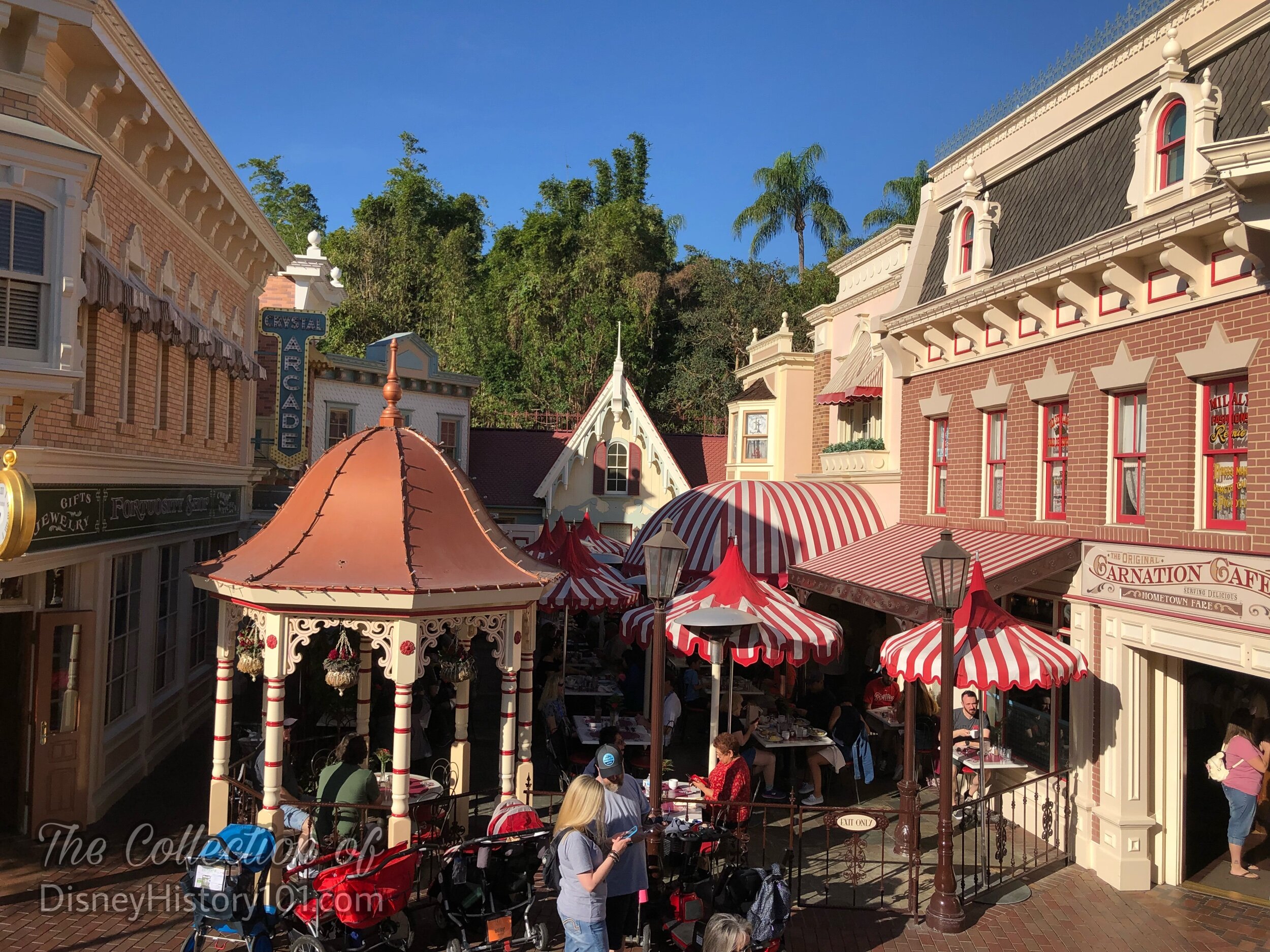
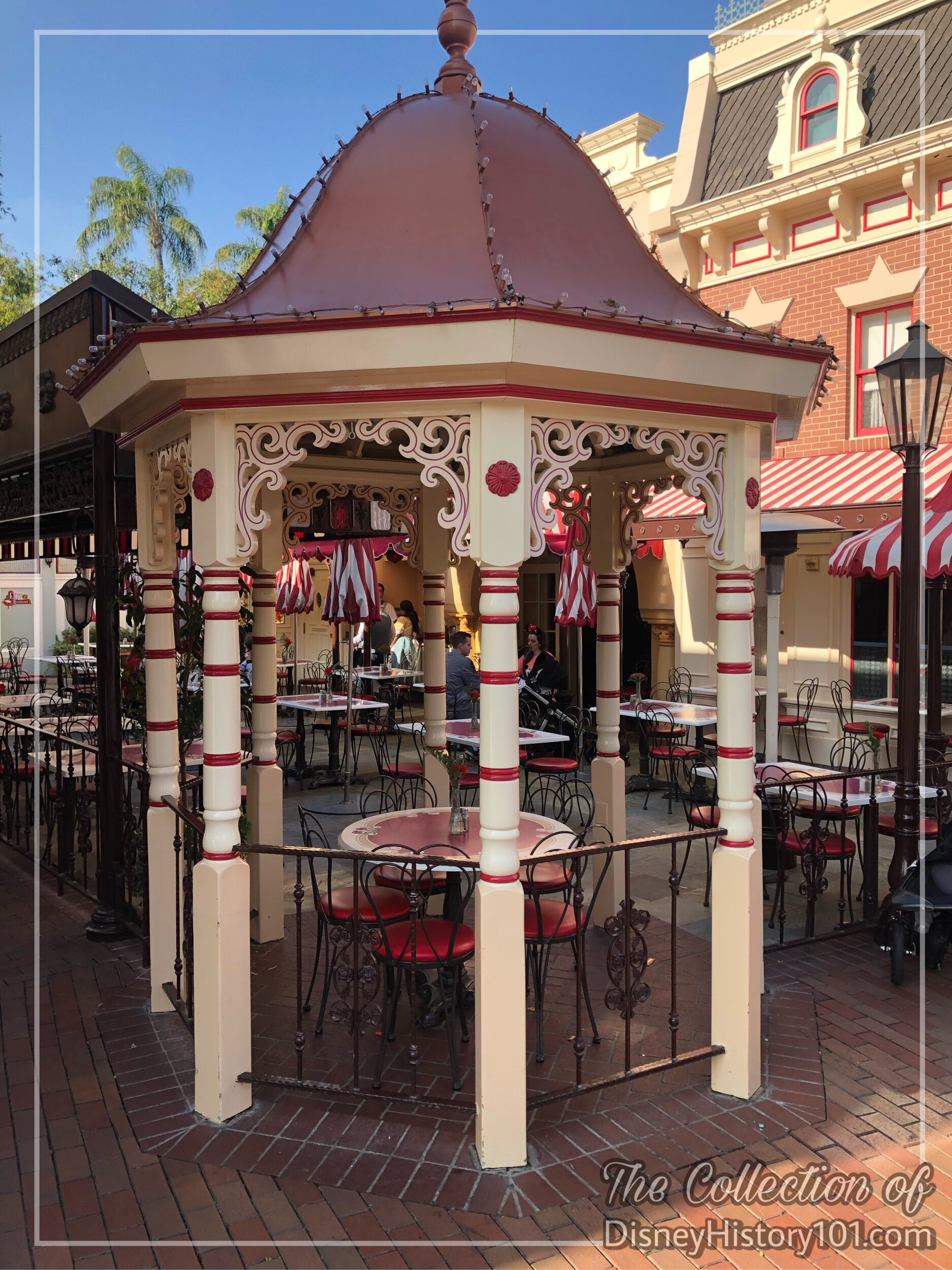
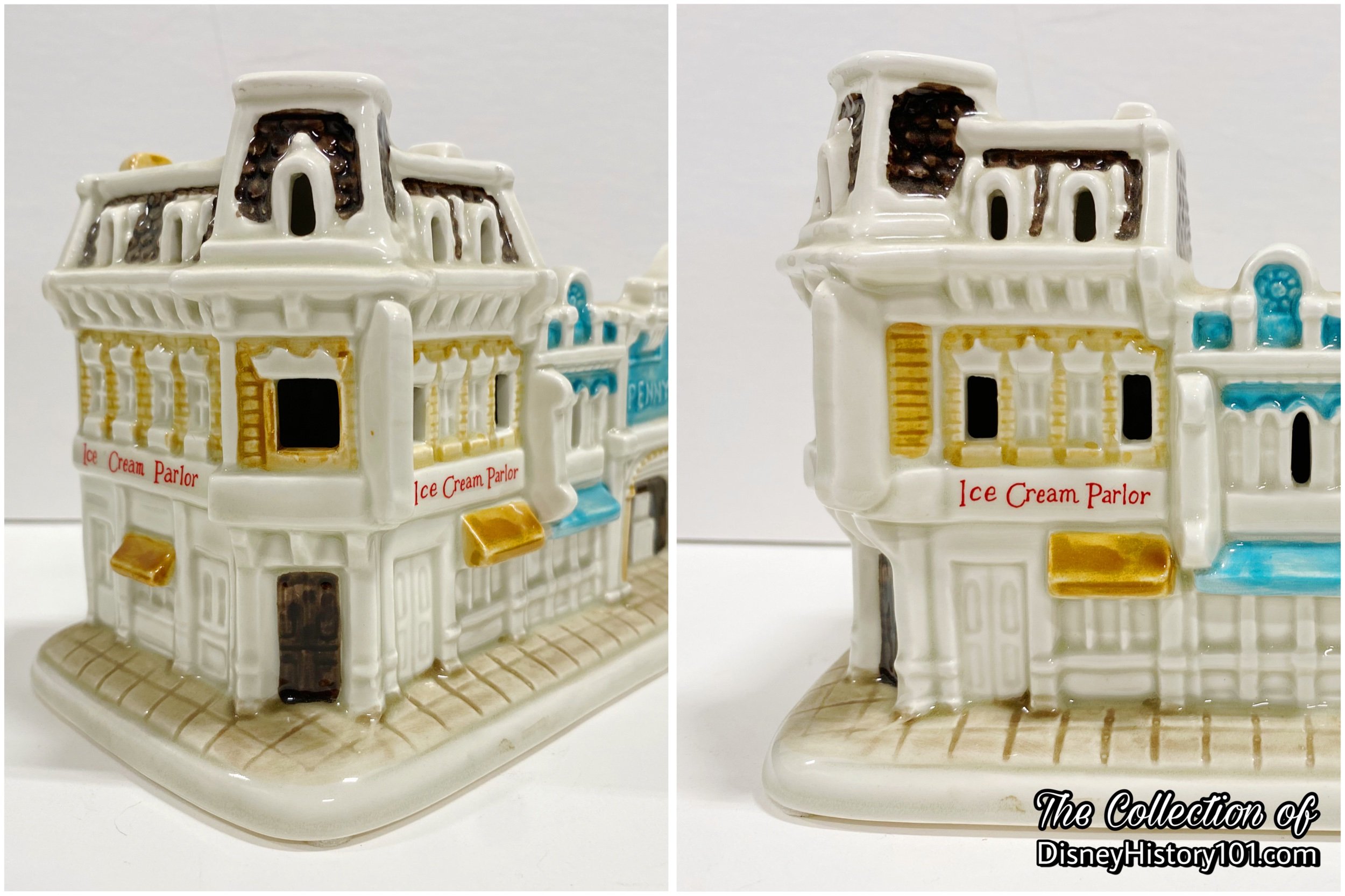
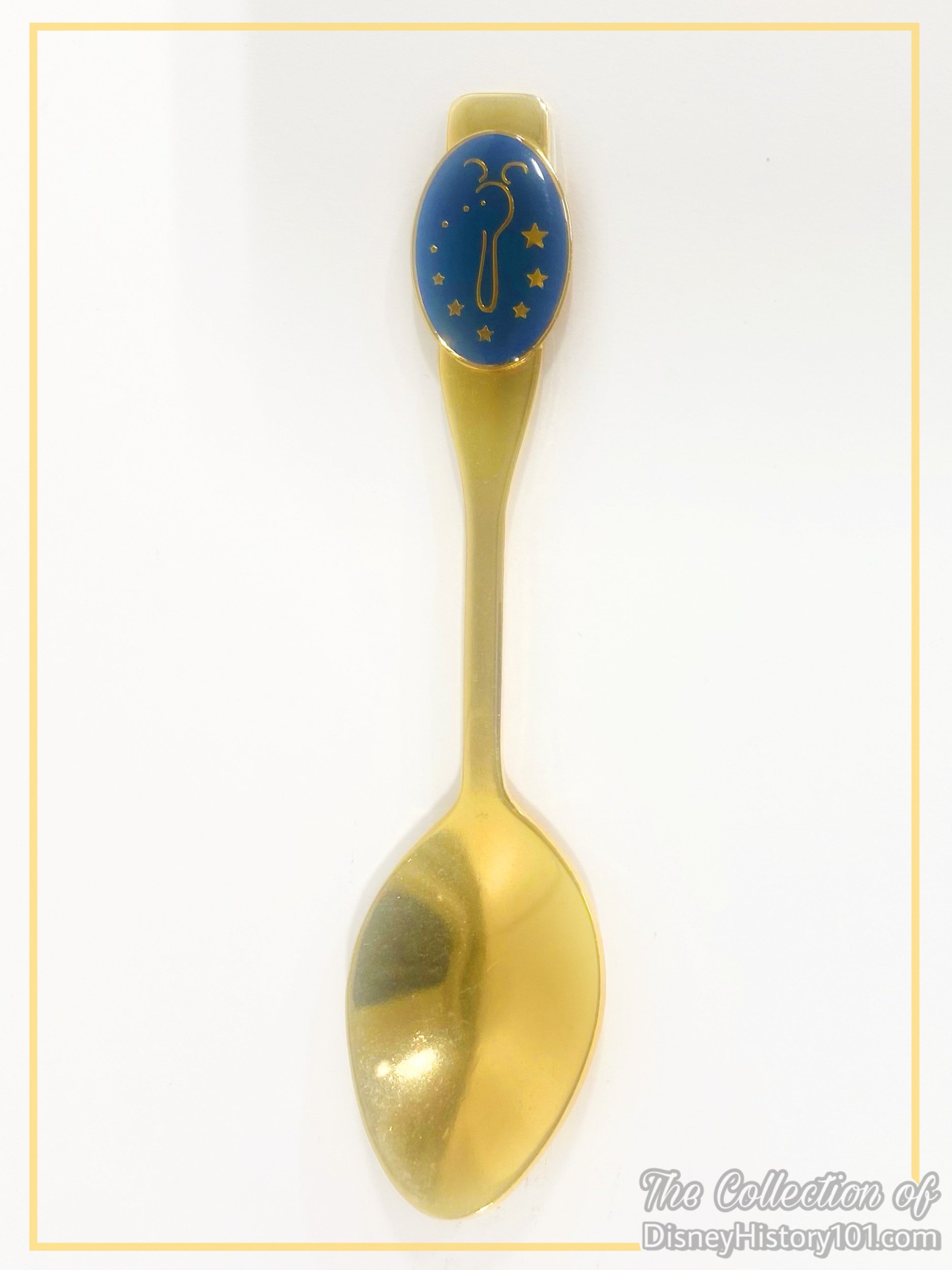
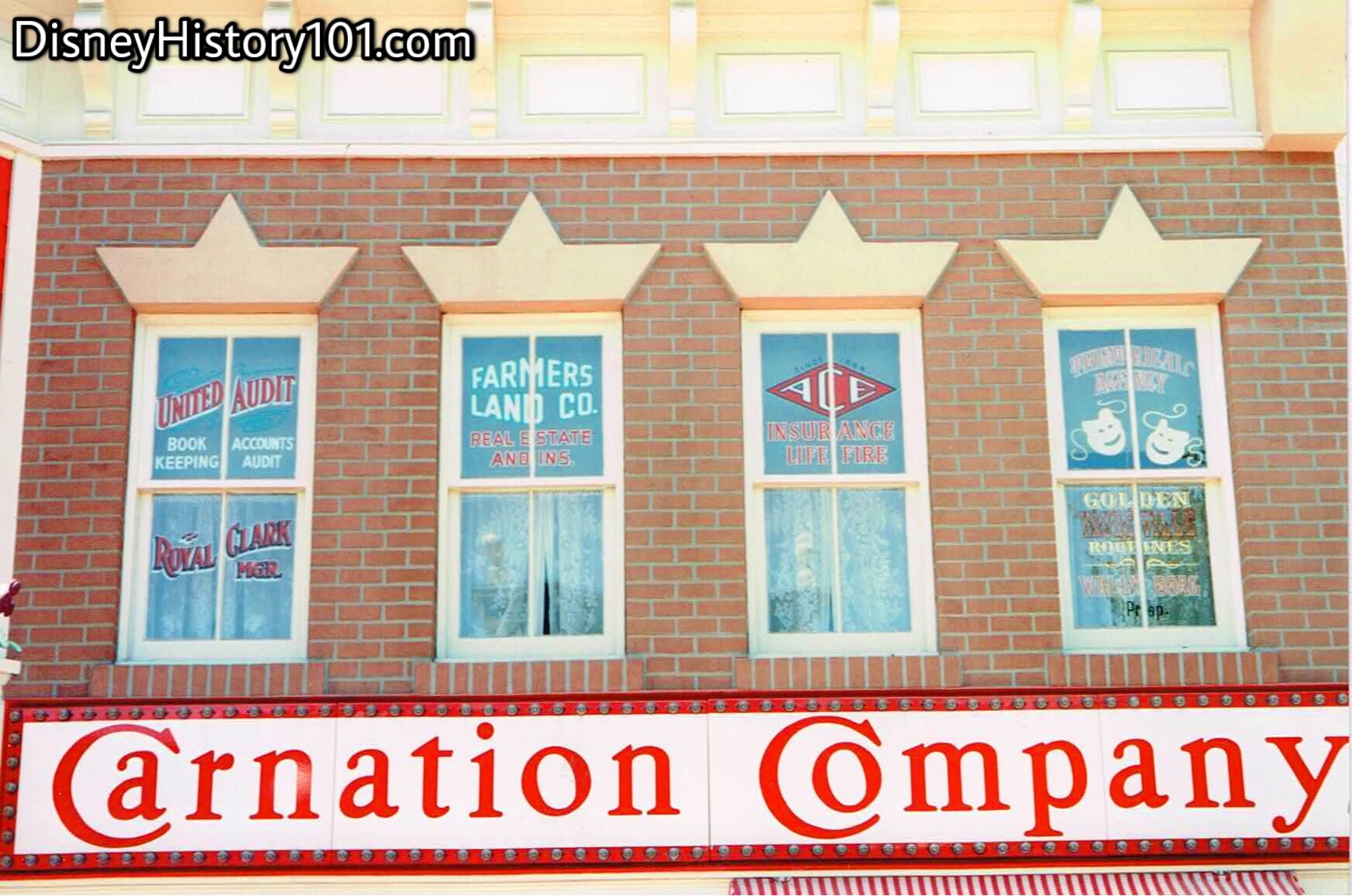
“Carnation Company Exhibit Window Honors”
Another highlight about the Carnation Ice Cream Parlor exhibit is the building exterior. Long before Disneylanders of note could only dream of having their likeness commemorated on pressed pennies, Walt began honoring such ones with their names emblazoned in gold leaf paint on Main Street window glass. This tradition has continued to the present.
“We celebrate our people for the memories they created in the past.”
Martin Sklar once said “an individual's contribution can usually be found in the final product if one looks closely enough, but the Disney mind frame is to never point out ‘what I did’ to anyone.” However, a few outstanding individuals have been publicly recognized for their contributions and even ceremoniously honored by the Company.
There are thousands of windows at Disneyland. Here, is exhibited perhaps one of the most important window honors in all of Disneyland (in my personal opinion), that of Royal “Mickey” Clark (whose window can be seen to the left, in the previous Vintage View). Royal Clark was named WED Enterprises, Inc. Treasurer by Walt Disney before later becoming RETLAW Enterprises’ Treasurer, and was most essential to the funding of Walt’s various ongoing projects.
In addition to the window honors, there is another “sidelight” related to the Carnation Ice Cream Parlor Building. The roof of the Carnation Company Building was often utilized to station cameras during parades and other special events held on the Main Street Stage.
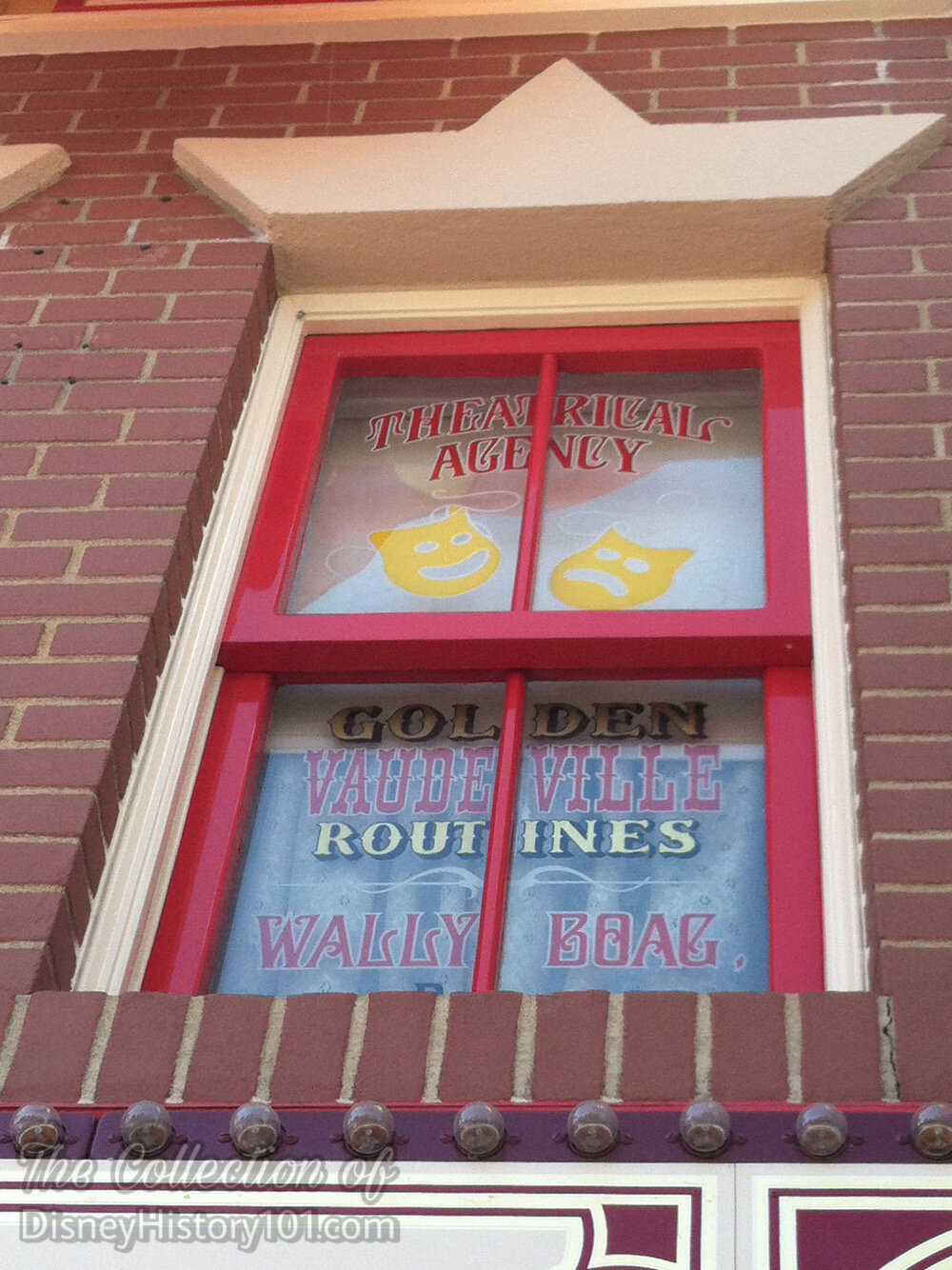
“Wally Boag, on elf the former stars of THE GOLDEN HORSESHOE REVUE (the longest-running stage show in the world with over 50,000 performances) is honored with a window: ‘Theatrical Agency. Golden Vaudeville Routines. Wally Boag, Prop.’,” according to “Disneyland - A Treasure Chest of Trivia,” prepared by Walt Disney Productions, 1990.
Speaking of “Golden Vaudeville Routines,” the Carnation Company saw its share of performances, with the Dapper Dans (and the occasional seasonal wandering caroler group) performing from the foyer.
CASA DE FRITOS (THE CASA MEXICANA) & FRITO HOUSE
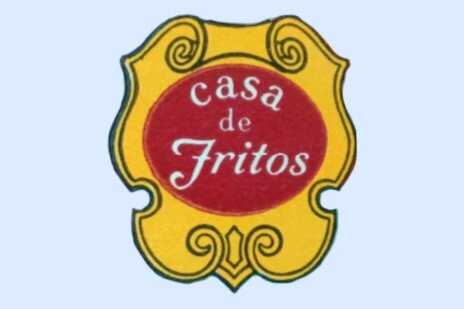
“The Search for Disneyland Participant Sponsors”
Back in 1951, Walt Disney and Art Linkletter visited the famous entertainment complex Tivoli Gardens in Copenhagen. He was researching and talking notes to build a family entertainment center and Tivoli was much like what he envisioned. It was clean, directed to the entire family, fun, entertaining and educational. Walt noted how important it was to have a lot of places for guests to sit down and a wide variety of eating spots that served excellent meals.
During 1954, Walt was searching for participants to lease shop and restaurant spaces and help generate the necessary capital to fund construction of Disneyland® Park. In a synergistic relationship, the companies (in turn) could sell their products and advertise their corporate names in the Park. Disneyland Participant Corporate Sponsors were carefully selected. High quality, long term corporate sponsors would provide incremental income that enabled Disneyland to enhance its show and attractions, offset some operating expenses, and capitalize on marketing opportunities.
Several Disneylanders were essential to the establishing friendly relationships between sponsors and Disneyland. “55er” Rima Bruce (who started with Jim D'Arcy in Food when all food was Lessee and typed memos and menus) recalled that “the phone never stopped ringing with everybody trying to get a food lease in the Park.“ By July of 1954, Raul Grizante of Disneyland, Inc. was overseeing food philosophy, area & location, food specialties, and beverages for Disneyland. Individuals like Nat Wyncoff provided the essential orientation for curious lessees, selling them on the idea of Disneyland using various visual aids like sketches and one of Herb Ryman’s oil paintings of Disneyland.
Soon, “a cross-section of American industry…[was] represented in Disneyland. Each of these companies… [would expose] its institutional advertising and public relations message to Disneyland guests through various forms of participating exhibits and displays. In each case, the exhibit… [was be] related to the theme of the ‘land’ in which it is located, and is woven into the overall concepts and themes of Disneyland”, according to “Disneyland, U.S.A.”, published 1958. Several of these “reliable old firms” sponsored the “abundance of restaurants devoted to pleasing all tastes and all budgets,” according to “The Story of Disneyland”, published 1955. Frito-Lay became one of those forty-seven Disneyland Participants and lessees to sign a contract with Walt Disney Productions (regarding Walt Disney’s Disneyland), and one of a few to invite guests to “dine at Disneyland!”
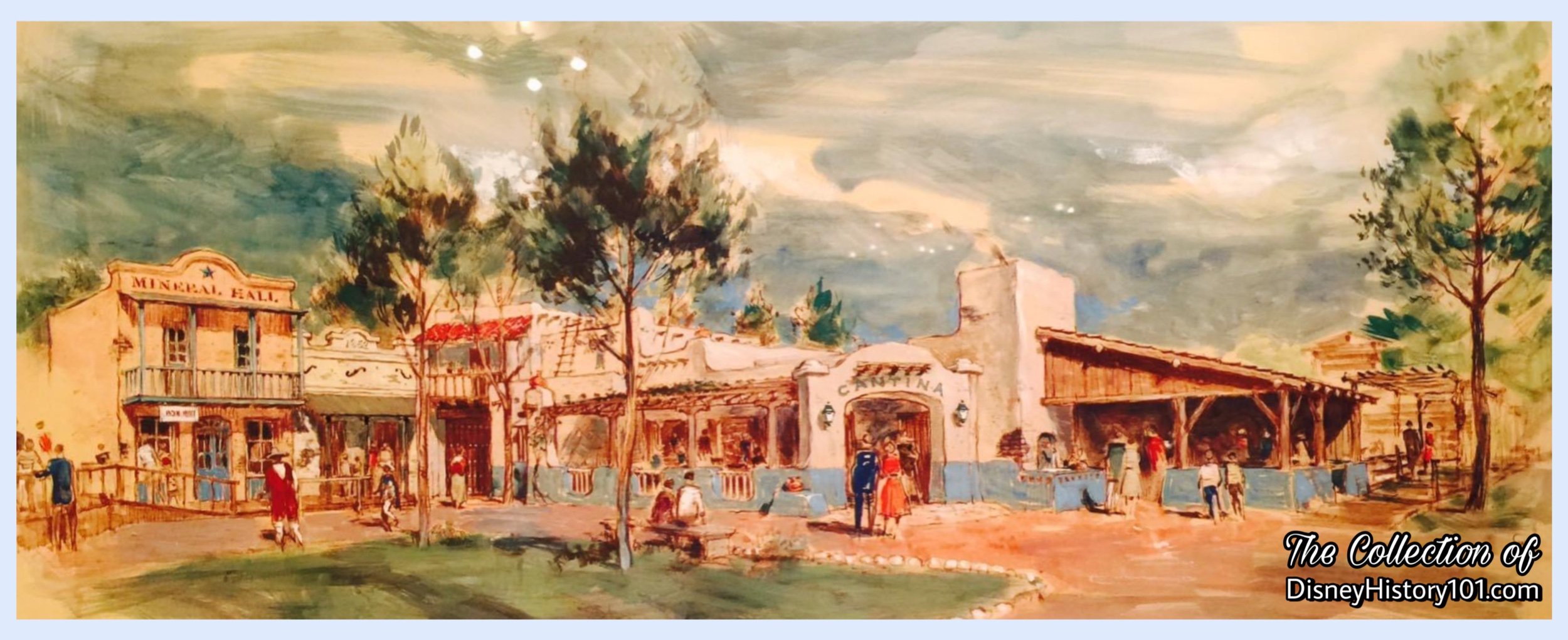
Some of these viable project Concepts (as depicted above), were supported by a well-developed business case and built expectation.
“Blue Sky for Casa de Fritos”
According to “THE DISNEY THEME SHOW - an introduction to the art of Disney outdoor entertainment: Volume II”: “Of all the guests’ senses that come into play at Disneyland, the most difficult response to predict was taste. If 70,000 guests were to arrive on a single day, there would probably be 70,000 different ideas about food. Generally speaking, Disneyland food locations fall into three categories - sit-down restaurant service, ‘buffeteria,’ and fast-food categories.”
The most extensive theming has always been found in the sit-down restaurant locations but all locations were housed in authentically modified facilities. “Disneyland is unique in that some of the world's foremost creative artists and architects control all design at Disneyland.“ The Casa de Fritos building was styled with typical “south-of-the-Border” atmosphere.
“Architectural Designs by Lessees”
Disneyland, Inc. printed materials for Lessees detailing specifications for architectural designs of exhibit spaces. These were revised by March 16, 1955 and issued to Lessees.
All of the interior architectural drawings were done by competent registered architects or an approved display house of the lessee's choice. All of the designs submitted by the lessee's architect, whether for buildings or construction of interiors in DISNEYLAND, were approved as to the theme and general plan of DISNEYLAND as established by WED Enterprises, Inc.
Three sets of preliminary drawings were furnished DISNEYLAND, Inc. as soon as possible after signing of the lease. Two sets were retained by DISNEYLAND and one set was returned to the lessee’s architect with any revisions noted thereon and stamped “APPROVAL TO PROCEED TO FINAL DESIGN.” This stamp when properly signed and dated constituted the lessee’s authority to proceed with the final drawings.
The Lessees revised their final drawings to incorporate any revisions noted on the approved preliminary drawings, and submitted three sets of the revised drawings to DISNEYLAND. One set was returned to the lessee’s architect and any revisions noted thereon are to be incorporated on the original drawings. When the lessee had incorporated the final revisions on the drawings, two sets of transparent ozalids were forwarded to DISNEYLAND for approval. DISNEYLAND would stamp both sets “FINAL DESIGN APPROVED” and “LESSEE’S CONTRACT DRAWINGS”, and return one set to the lessee who could then release drawings for bid and/or construction.
“Construction”
“F. M. Franz, manager of operations for McNeil Construction expressed: "We feel sure there has never been anything built like this in Southern California, or elsewhere in the United States. Many of the items were constructed from artist’s sketches.”
Casa de Fritos would be situated directly opposite the Dixieland Gazebo Bandstand. All fixtures were placed in their correct motif and many light fixtures were authentic antiques.
As of June 2, 1955, C.V. Wood Jr. sent an Inter-Office Memorandum to Walt Disney regarding the best estimates that could be obtained at the time regarding the completion status of individual sections of the Park and Opening Day. C.V. wrote: “Fritos: They will be able to open with us but the part with the little animated man may not be complete.”
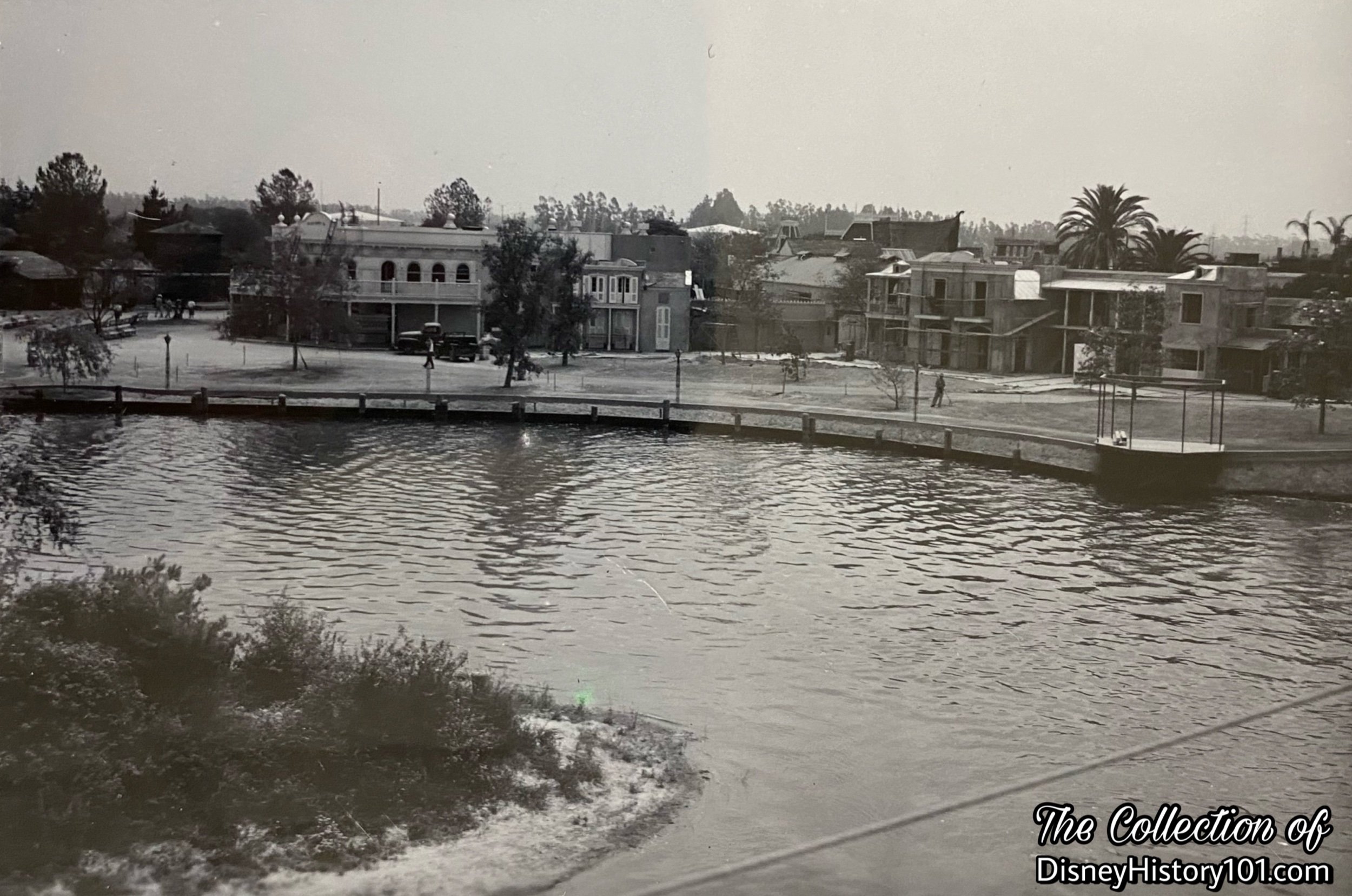
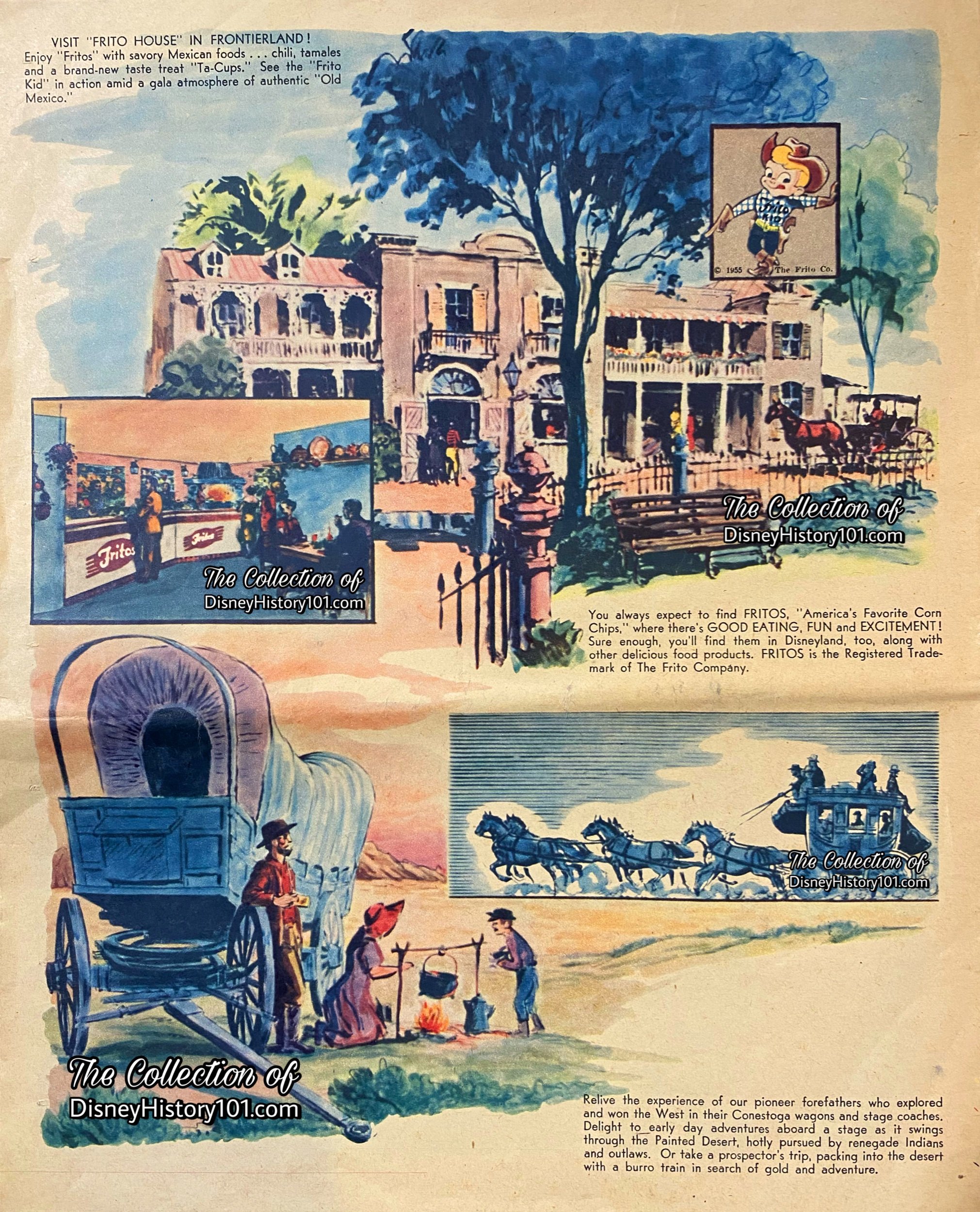
“Grand Opening of Casa de Fritos”
Two days before the televised Press Preview event at Disneyland, a (c. June 15, 1955) newspaper supplement whet the public’s appetite by featuring a full page advertisement of Casa de Fritos. The Santa Ana Register, July 15, 1955 briefly described the location as “an authentic Mexican Taco cafe and a Frito house.”
The Press Preview Day arrived. Then Disneyland opened to the general public on July 18th, 1955, but Casa de Fritos, the table service restaurant did not. It would be nearly one full month before Casa De Fritos (or, “The Fritos House”) opened on August 11th, 1955, in a small location near the water’s edge on the Rivers of America (not far from the current site of the River Belle Terrace).
Service was described as “efficient cafeteria style,” offering “indoor and outdoor dining facilities.” Here (overseen by Jim Baker of Disneyland, Inc.), Guests discovered “Mexican food specialties, combination plates, tamales, enchiladas,…, chips, chili and beverages” - “tantalizing dishes so popular south of the border.” According to the Disneyland News (June, 1956), “Chili is a house staple prepared and offered in a variety of intriguing combinations. Tamales, enchiladas, and an all time favorite of the Taco found in a unique ‘tacup’ round out the menu. For a meal that includes the variety of tempting flavors of all these the Frito chef recommends the Mexican Combination Plate.” Of course, guests can expect to find Fritos (“America’s favorite corn chips”) where there’s good eating, fun, and excitement! In addition (and in a move of corporate synergy), the Frito House was one of 16 Disneyland “eating places” which featured “fine food with fine coffee - Maxwell House,” from 1955 to 1957! Carnation Farms would also serve this and 14 other wholesale customers who operated restaurants and snack bars in Disneyland.
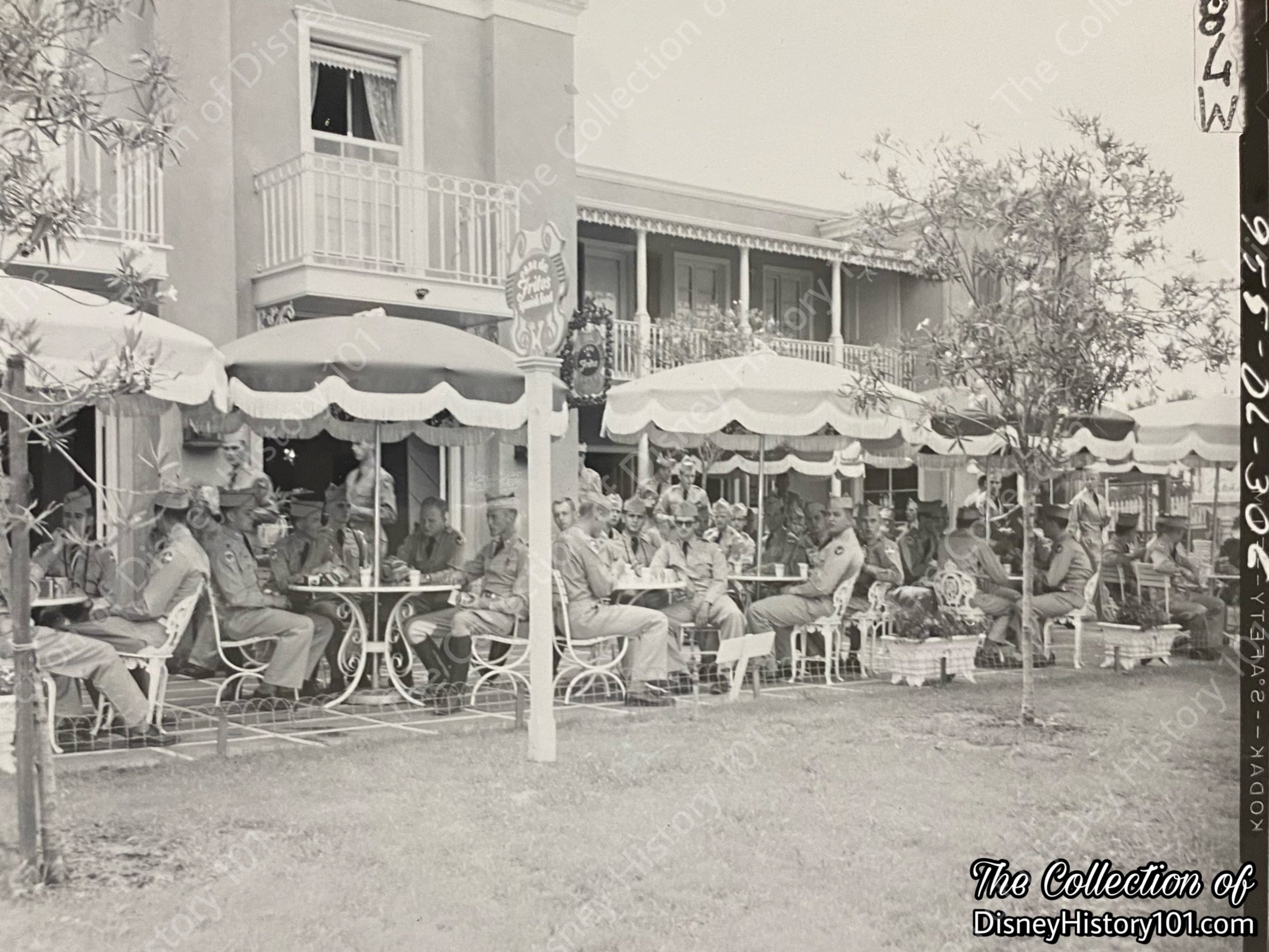
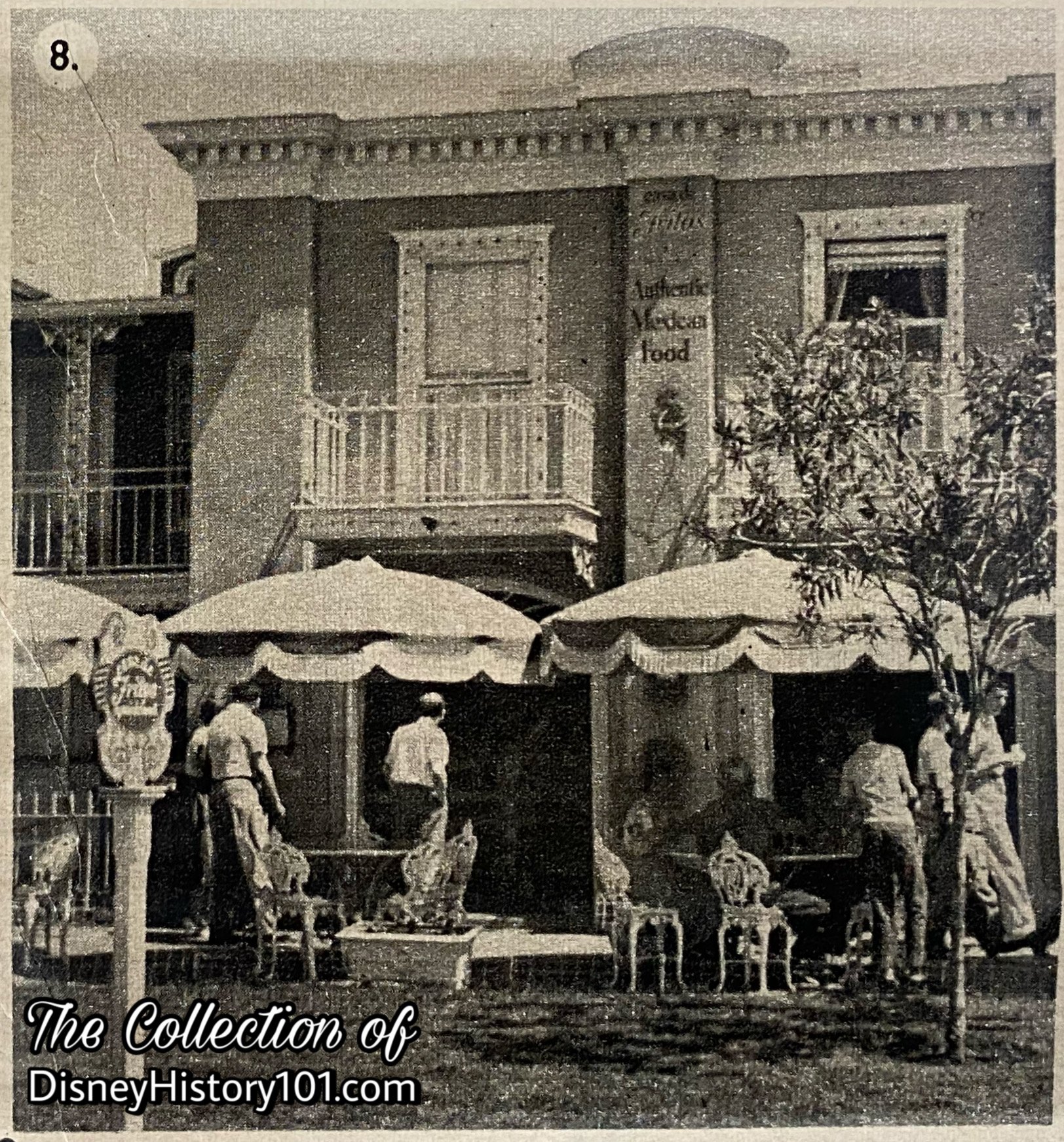
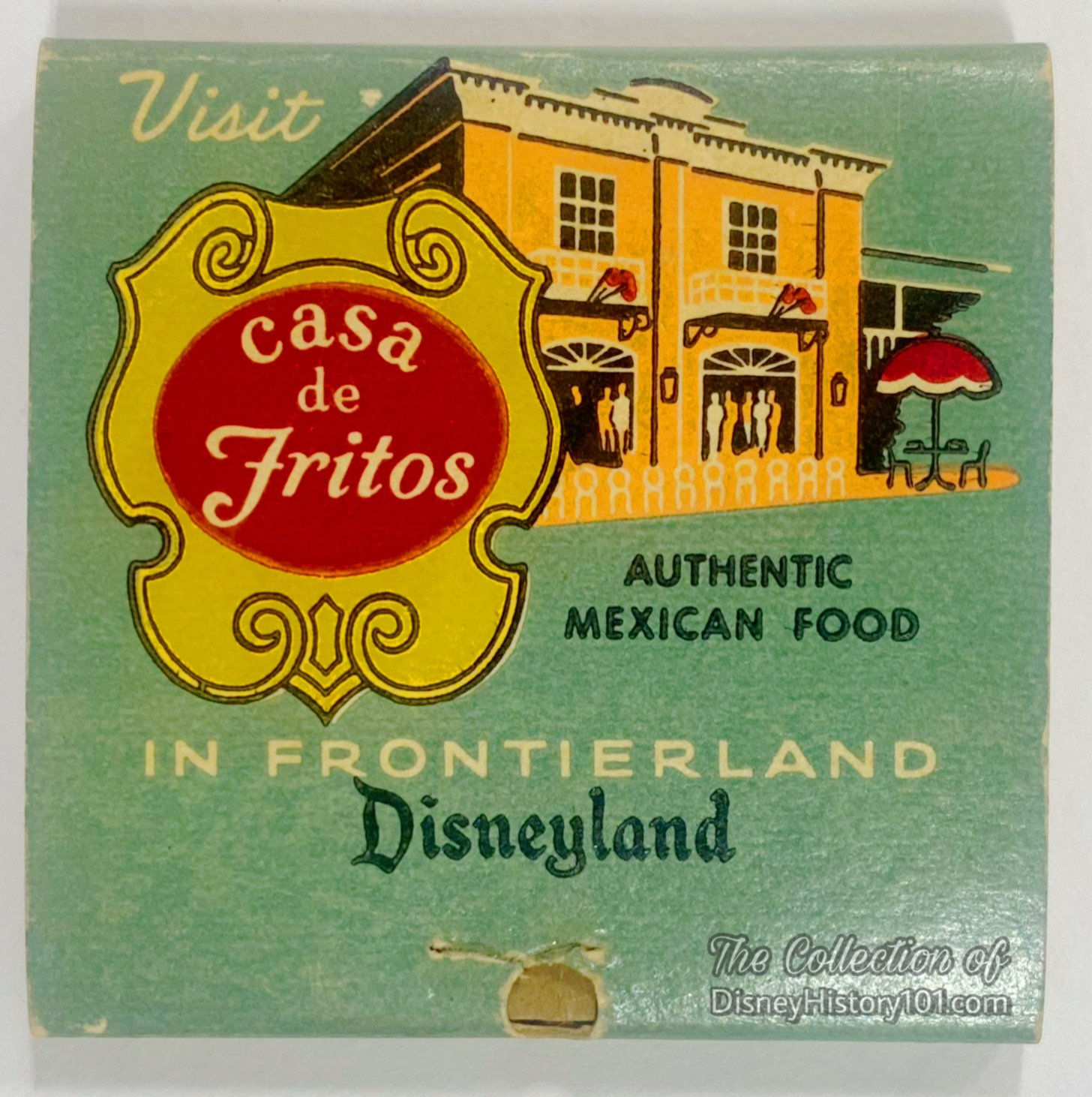
This matchbook was a tangible memory for Guests.

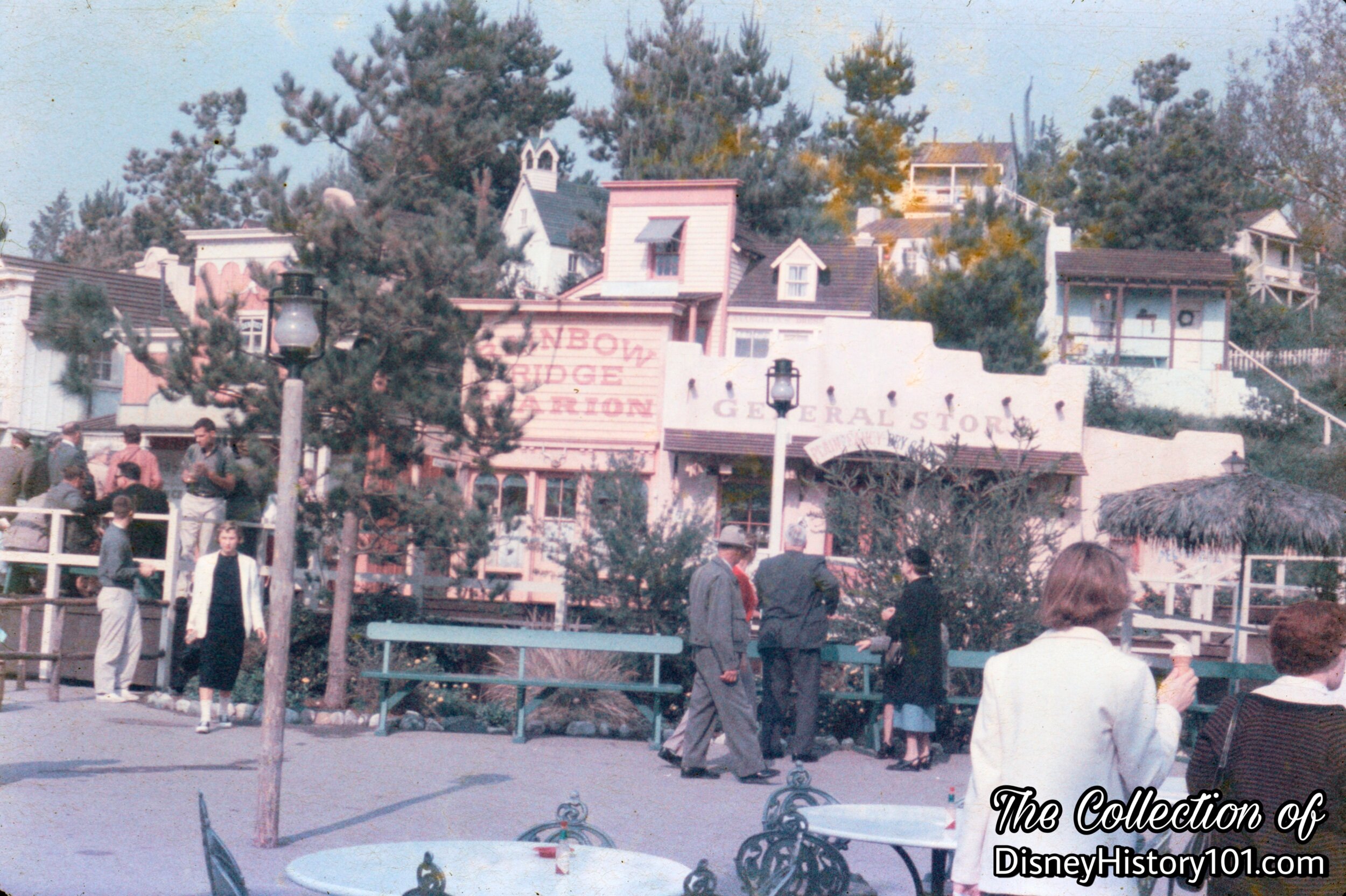
“The Move of Casa de Fritos”
Walt Disney, on the eve of Disneyland’s first day of operation, promised that “Disneyland will never be completed. It will continue to grow, to add new things, as long as there is imagination left in the world.” A half year later, at a meeting of the Disneyland Merchant's Association (held January 25, 1956), a momentous announcement was made: “Me may move Fritos over to the opening of the Mine Ride to service with Mexican food, etc. The service roads are being changed to go between Frontierland and Fantasyland without coming down through the park.” Soon, Casa de Fritos restaurant was closed and relocated to another area, replacing the Marshal’s Office in Frontierland (and not far from Disneyland Offices tucked away in an adjacent Backstage area). In place of its former location, Don DeFore’s Silver Banjo Barbecue opened its doors for a five year lease, but that’s an entirely different story.
The area was further embellished. By September 28, 1958, Disneyland, Inc. made approximately $20,551.00 of land improvements to the Mining Town Restaurant.
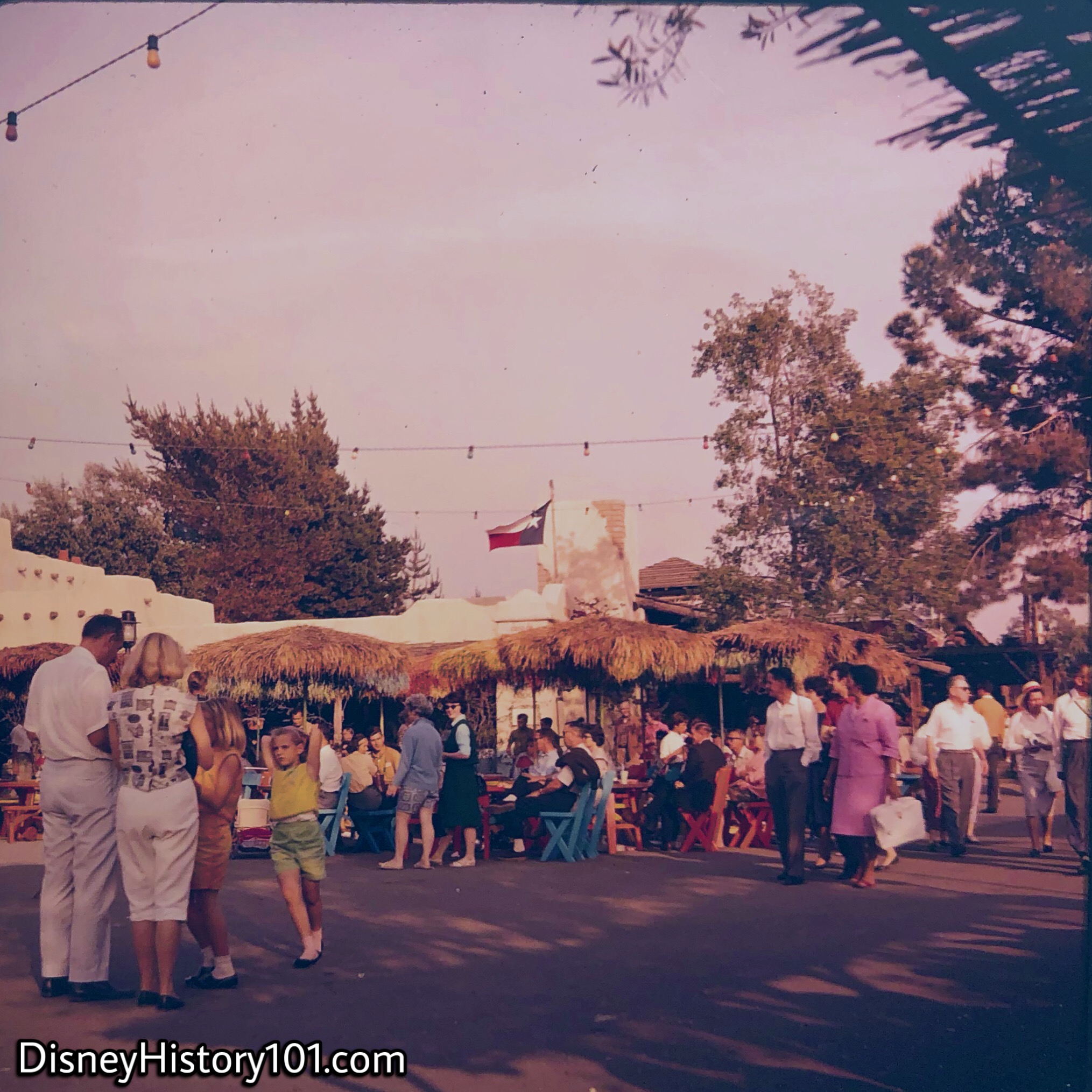
Casa de Fritos soon became one of three major attractions in Frontierland’s El Zocolo. The new Show Building setting was an “adobe and thatched shade,” structure according to the “Disneyland Dictionary,” compiled by WED Enterprises, Inc. and WED Public Relations Department, c. 1968. Appropriately, the Lone Star Flag flew over Frontierland’s “Tex-Mex” dining destination, while the patio was routinely packed with hungry guests. This was generally the scene around mealtime.
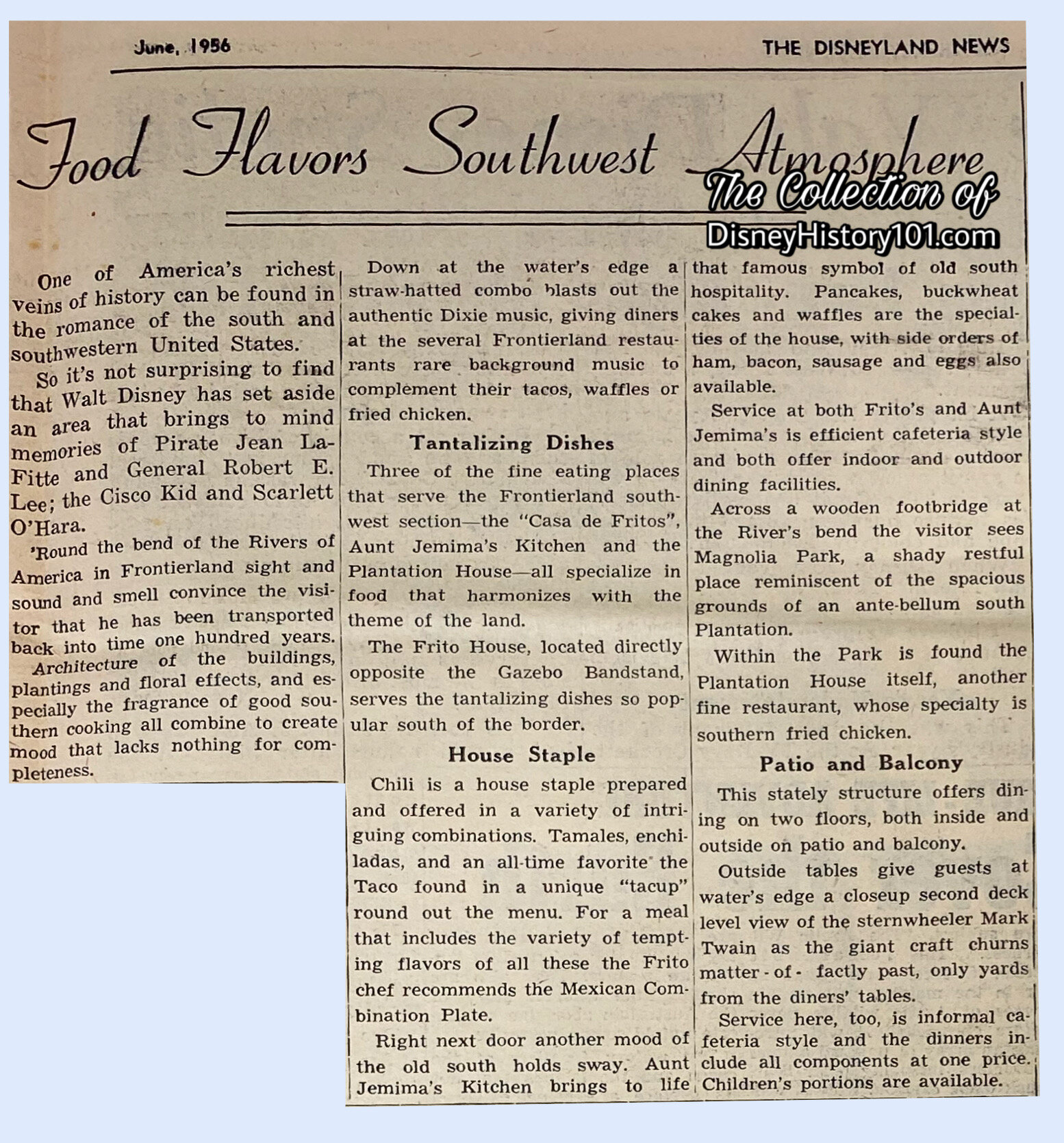
“Projections and Response”
It was predicted that Casa de Fritos operated by Fritos Company would have the capacity to serve 450 guests per hour. This particular Disneyland eating facilities was predicted to contribute to accommodating “15,000 persons daily, hitting a peak of 60,000 on holidays and week-ends…” and one of “twenty restaurants and snack bars, capable of saving 8,000 hourly,” at least according to “Building A Dream” (prepared by the Disneyland, Inc. Public Relations Department).
As a result, Disneyland, Inc. received much income. For example, in 1958, Bank of America appraisers figured of the total income received from leases, 16.02% was derived from the selling of advertising rights and 40.12% from the leasing of space to concerns whose main reason for occupancy is for advertising purposes. The remaining 43.86% of the lease income was derived from stores that sell various products and food.
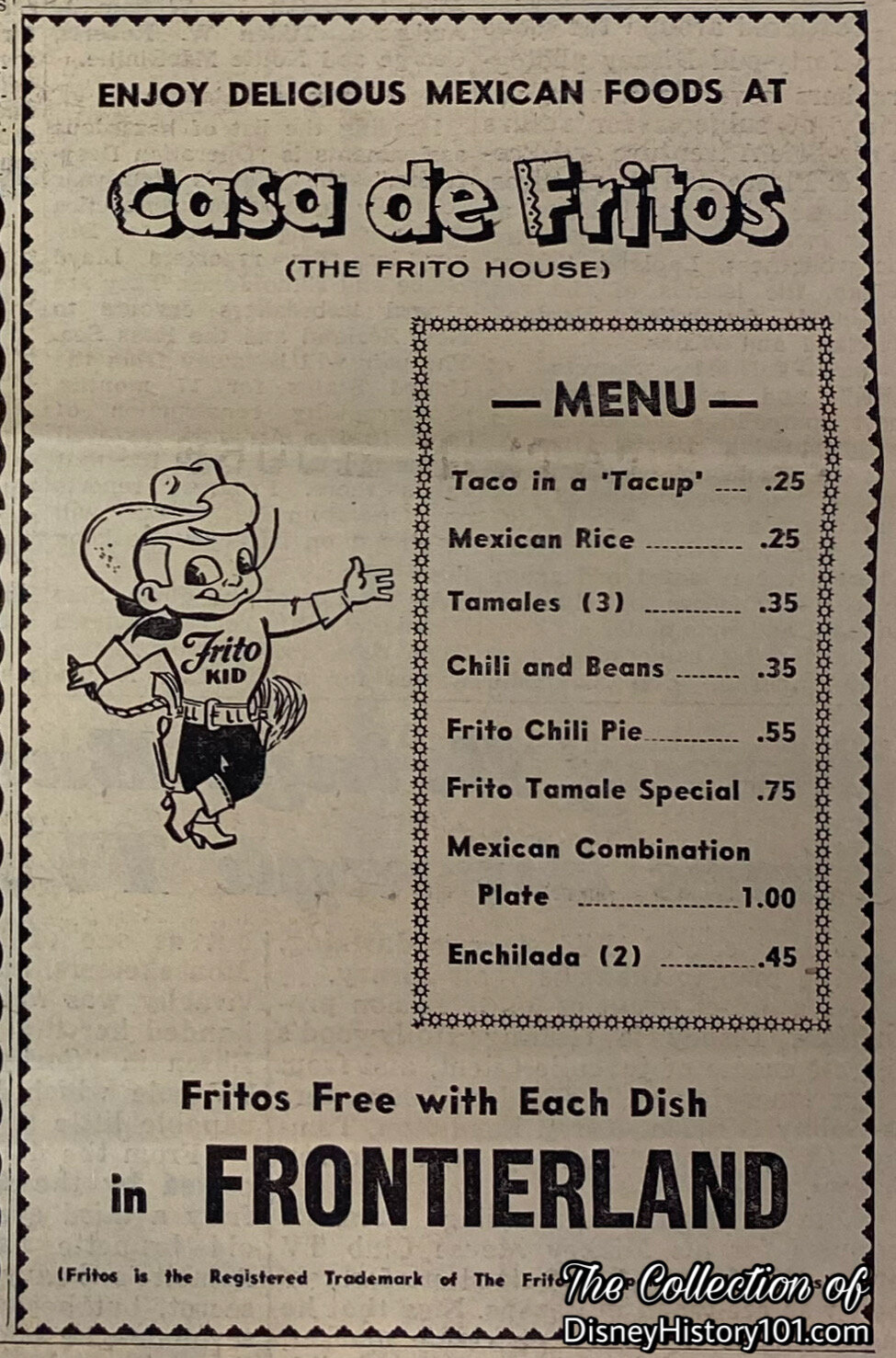
During the era of their Disneyland “Participantship”, servings of Fritos were offered free with each dish at Casa de Fritos, and also available à la carte via Vendors near the entrance. The “Ta-Cups” (a taco in a cup-shaped shell) were advertised in pre-opening advertising supplements of The Disneyland News in 1955!
In a move of synergy, the Frito Co. contributed food to the First Annual Disneyland Christmas Party on December 10, 1956.
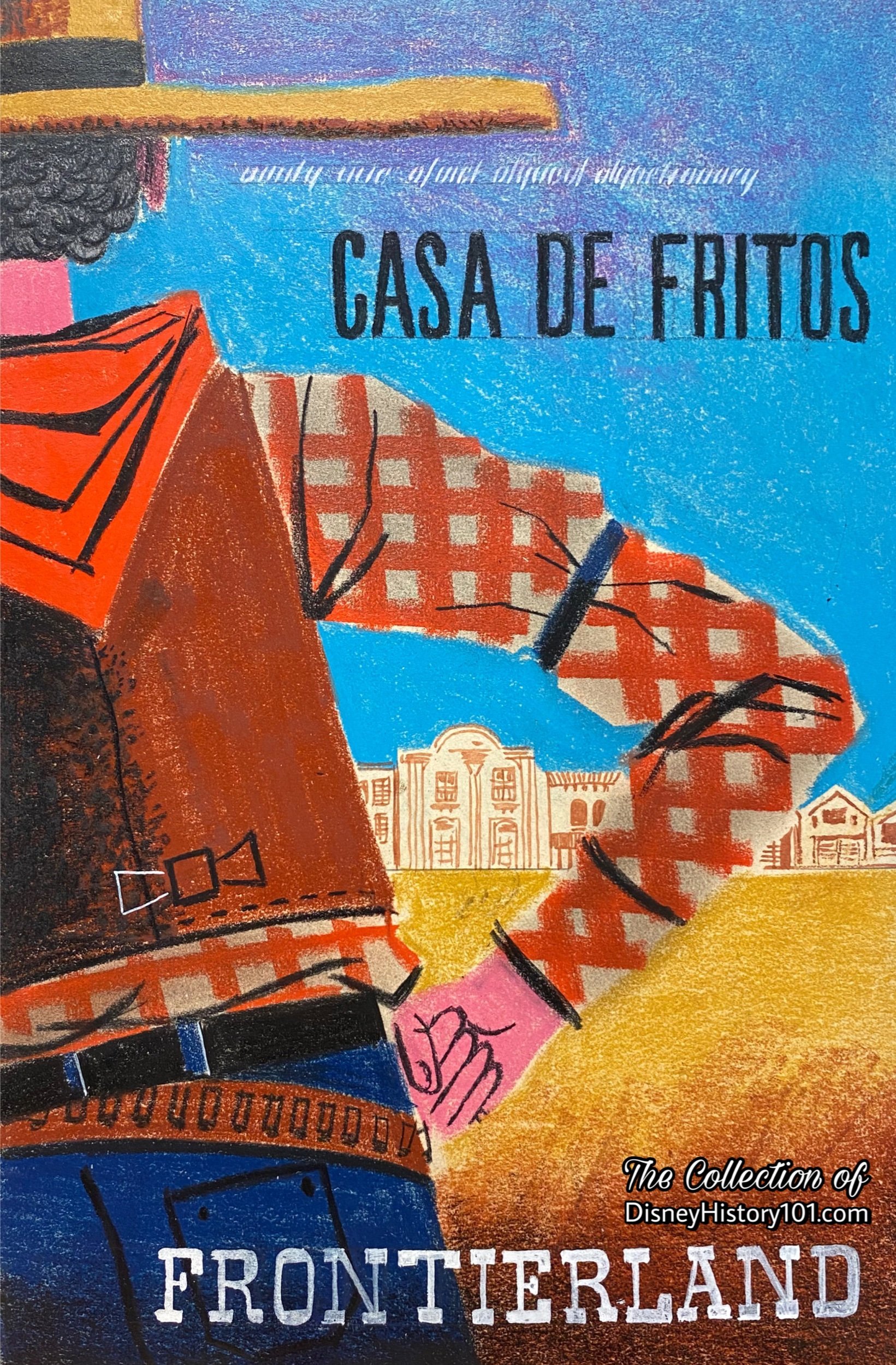
While Disneyland needed no introduction, its attractions did! At Disneyland, signs and posters were themed to support the stories with respectful graphics, colors, fonts, terminology, the overall design of sign, materials (wood, metal, banners, etc.), and verbiage used on the signage.
When the earliest attraction posters were prepared, Casa de Fritos also received a promotional poster. By this time, all art work, posters, etc. were produced at the Walt Disney Studios. According to “Disneyland Attraction Posters: 40 Years of Visual Adventure” by Margaret Shumate, published in Walt Disney Collector Society “Sketches” periodical: “With his usual attention to every detail of his beloved park, Walt Disney personally reviewed and approved each finished piece of poster art until his death in 1966.”
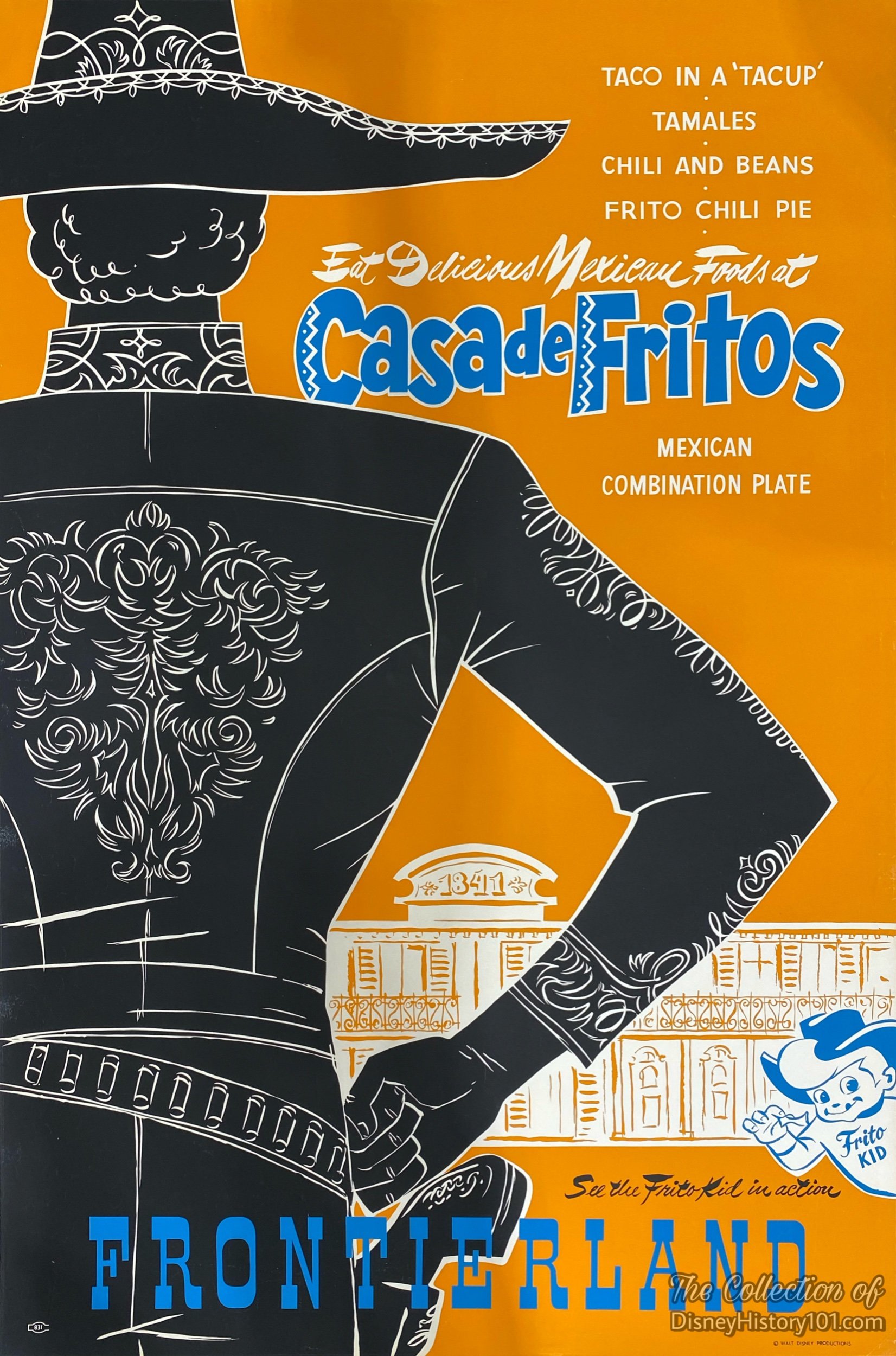
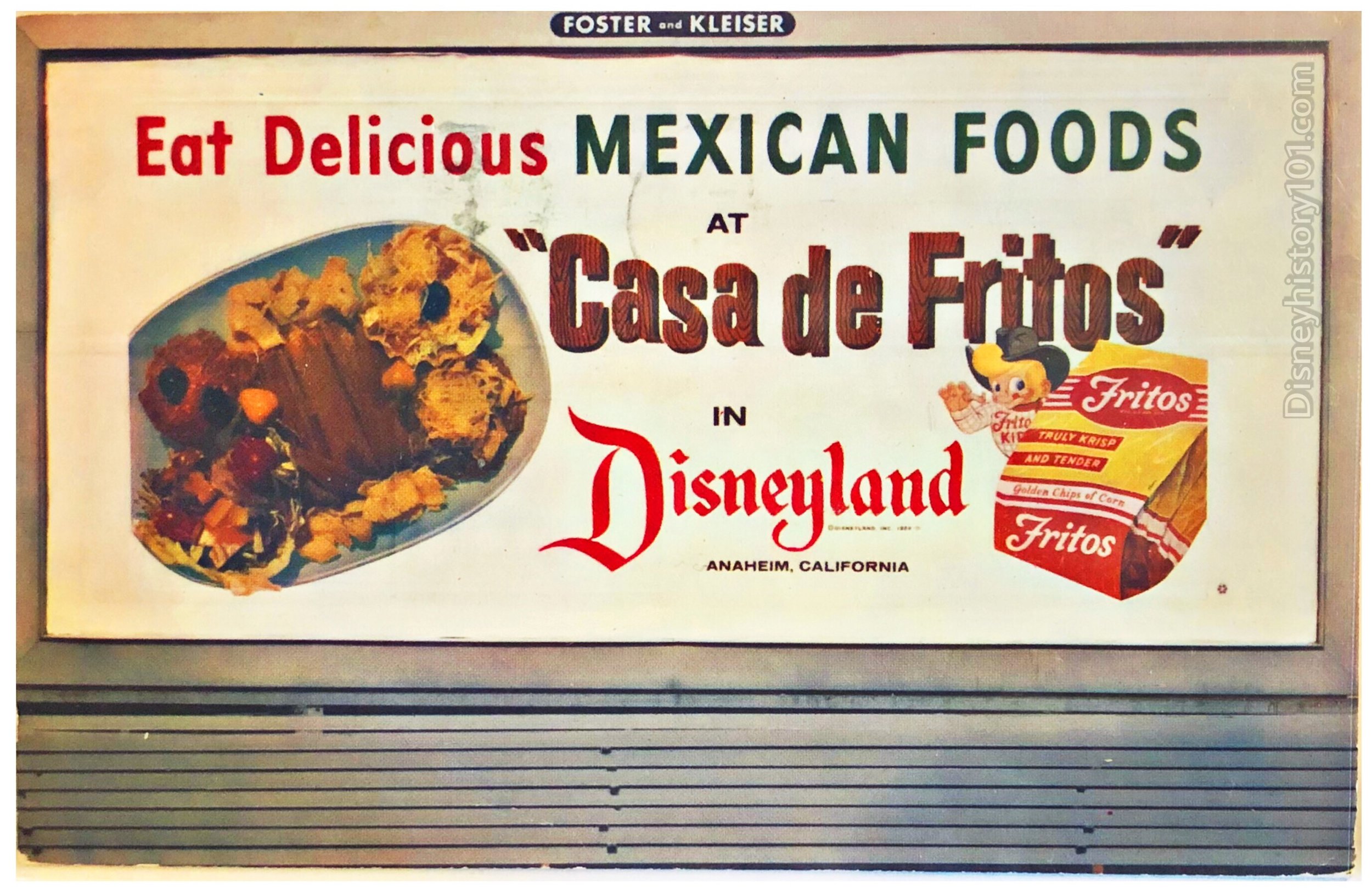
This Casa de Fritos promotional postcard that was sold inside Disneyland featured the artwork of the Casa de Fritos billboard image which advertised the restaurant to locals passing just outside Disneyland.
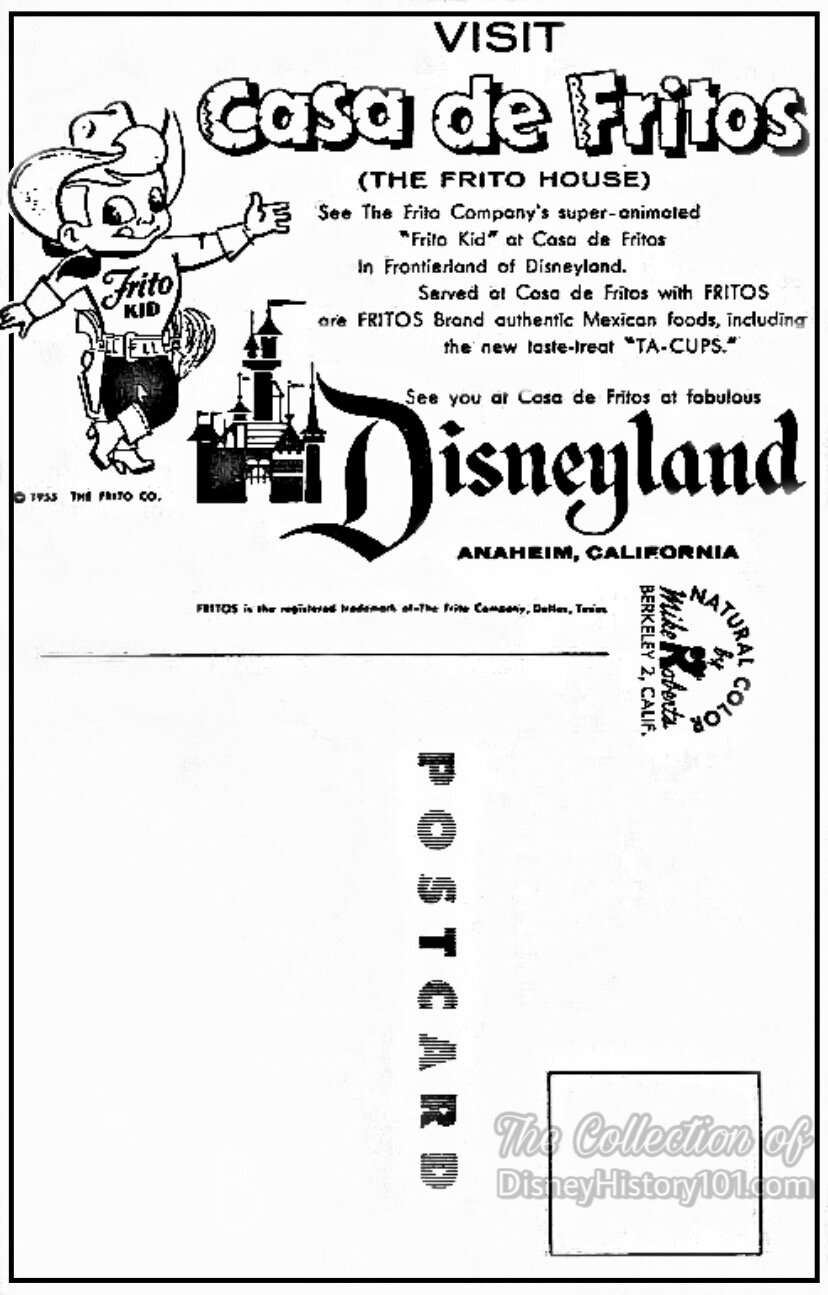
The synergistic relationship between the institutional lessee and Disneyland was beneficial. The Frito Company yielded some revenue for Disneyland Inc. - $18,831 for the fiscal year ending September 29, 1957 and $21,263 for the fiscal year ending September 28, 1958.

“Casa de Fritos and the ‘Second Opening’ of Disneyland and Beyond”
Owning to Jack Sayers (of Lessee Relations), Casa de Fritos was a contributing Participant of Disneyland ‘59! By October of 1959, the company was (1) of over sixty-eight other firms playing a vital part in the team effort to bring happiness to Disneyland’s Guests. Some were small, specialized individual operators; some were huge companies such as Swift & Co. - the Bank of America - United Paramount Theaters (which you hear as UPT) - Carnation - Richfield - General Dynamics - Crane - and many others. These companies used the park to publicize their wares, leased space in the Park to sell their wares, and Disneyland collected advertising fees from them.
As a sidelight, by October 1959, Jim Baker (of Merchandising) was overseeing the Disneyland Souvenir Sales and Food Administration which included Casa de Fritos.
By 1960, Disneyland wasn’t the only theme park with a Frito Company Mexican Restaurant. Freedomland had a Old Southwest restaurant sponsored by the Frito Company.
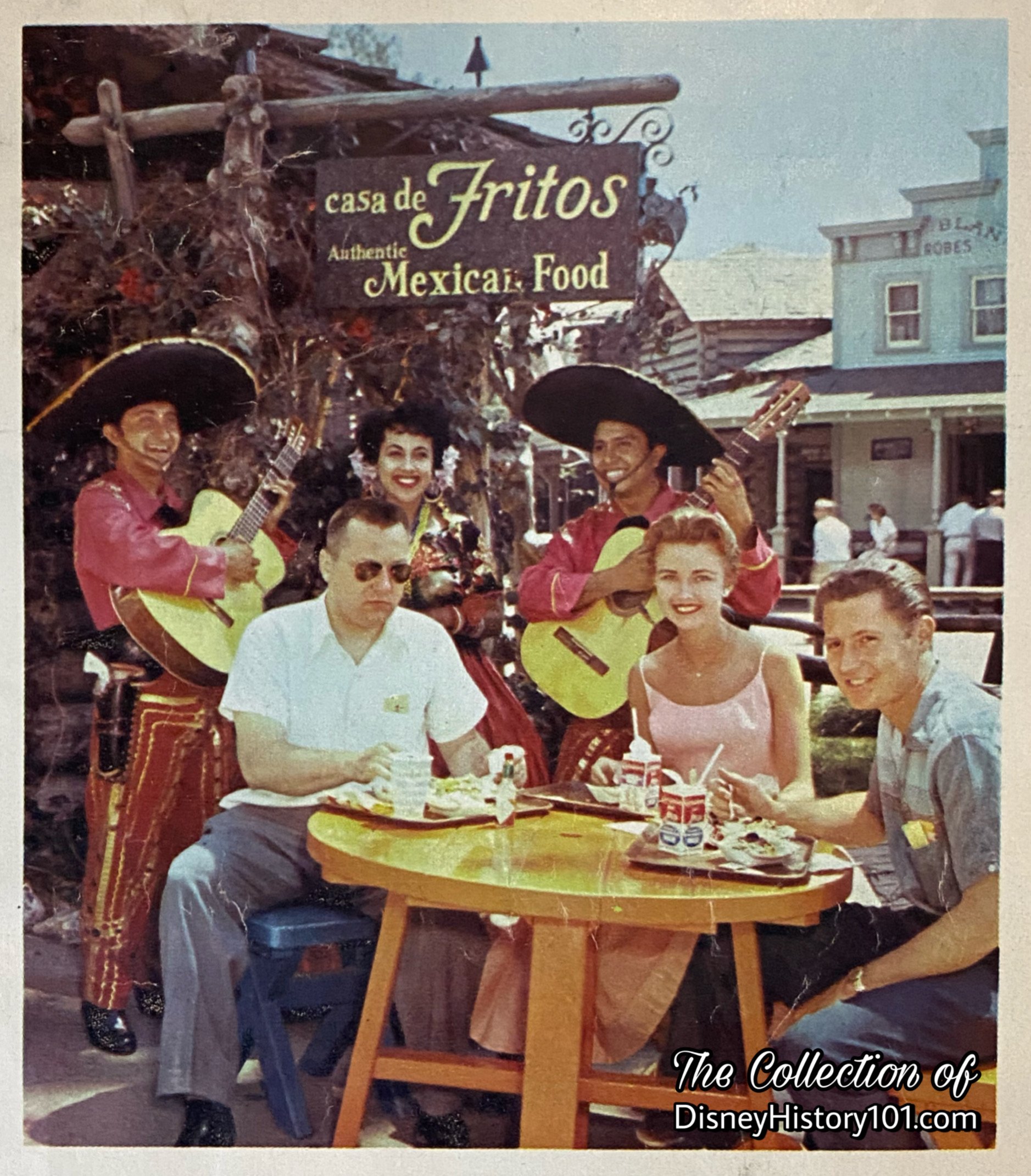

The Casa de Fritos featured outdoor seating on the patio. Tables and guests were shaded by grass-thatched umbrellas, and guests sat on colorful red, blue, green, and yellow benches while dining.
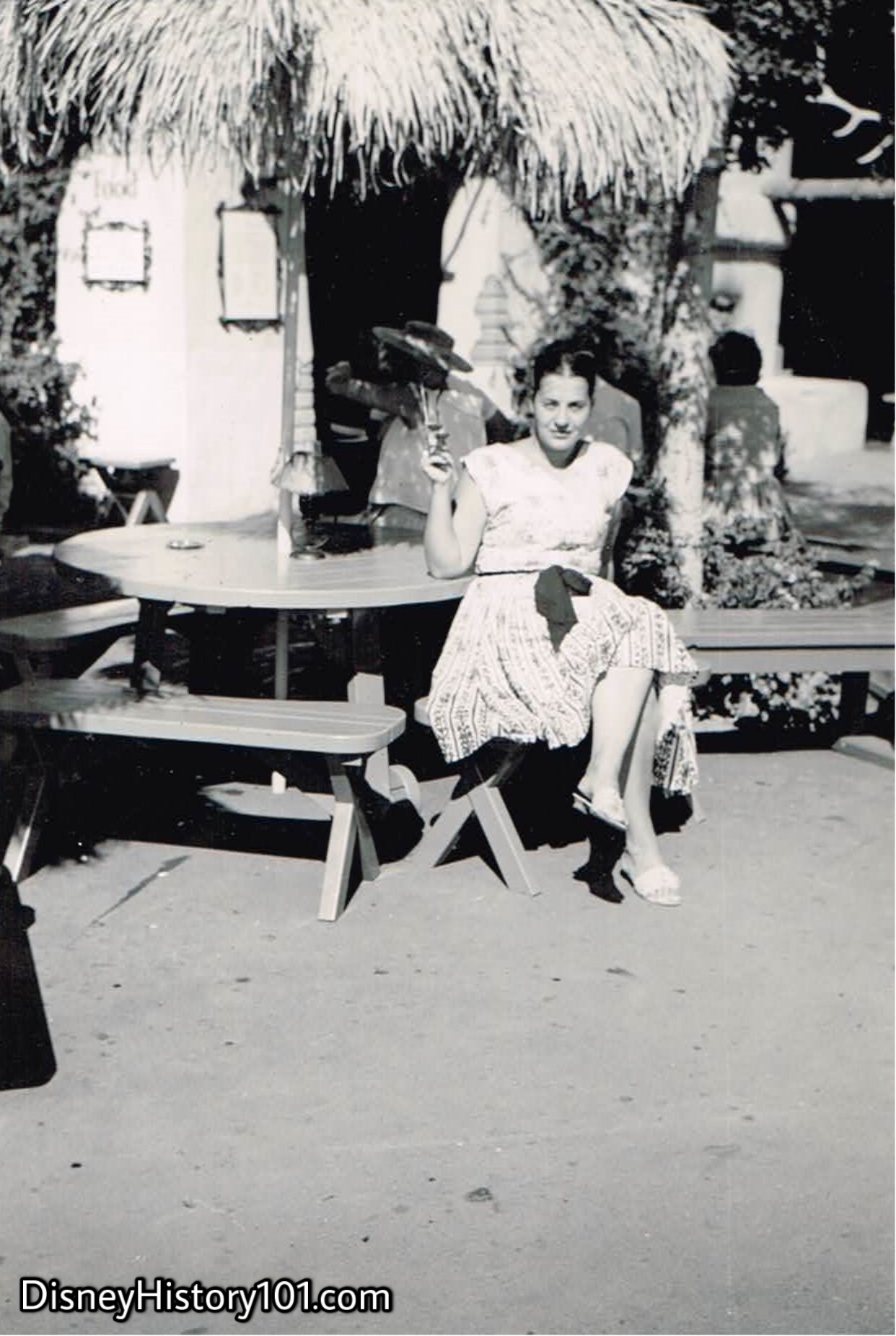
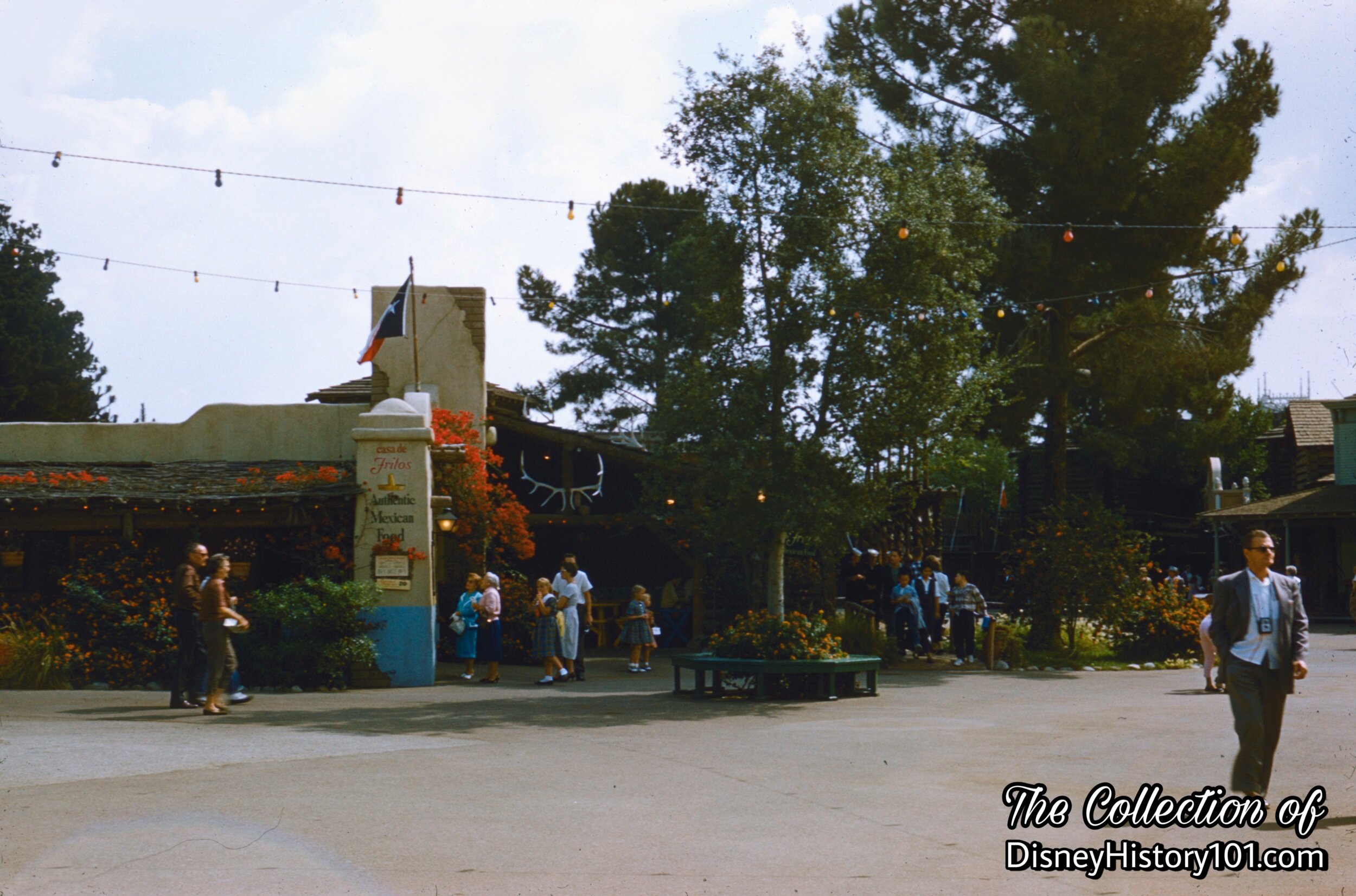
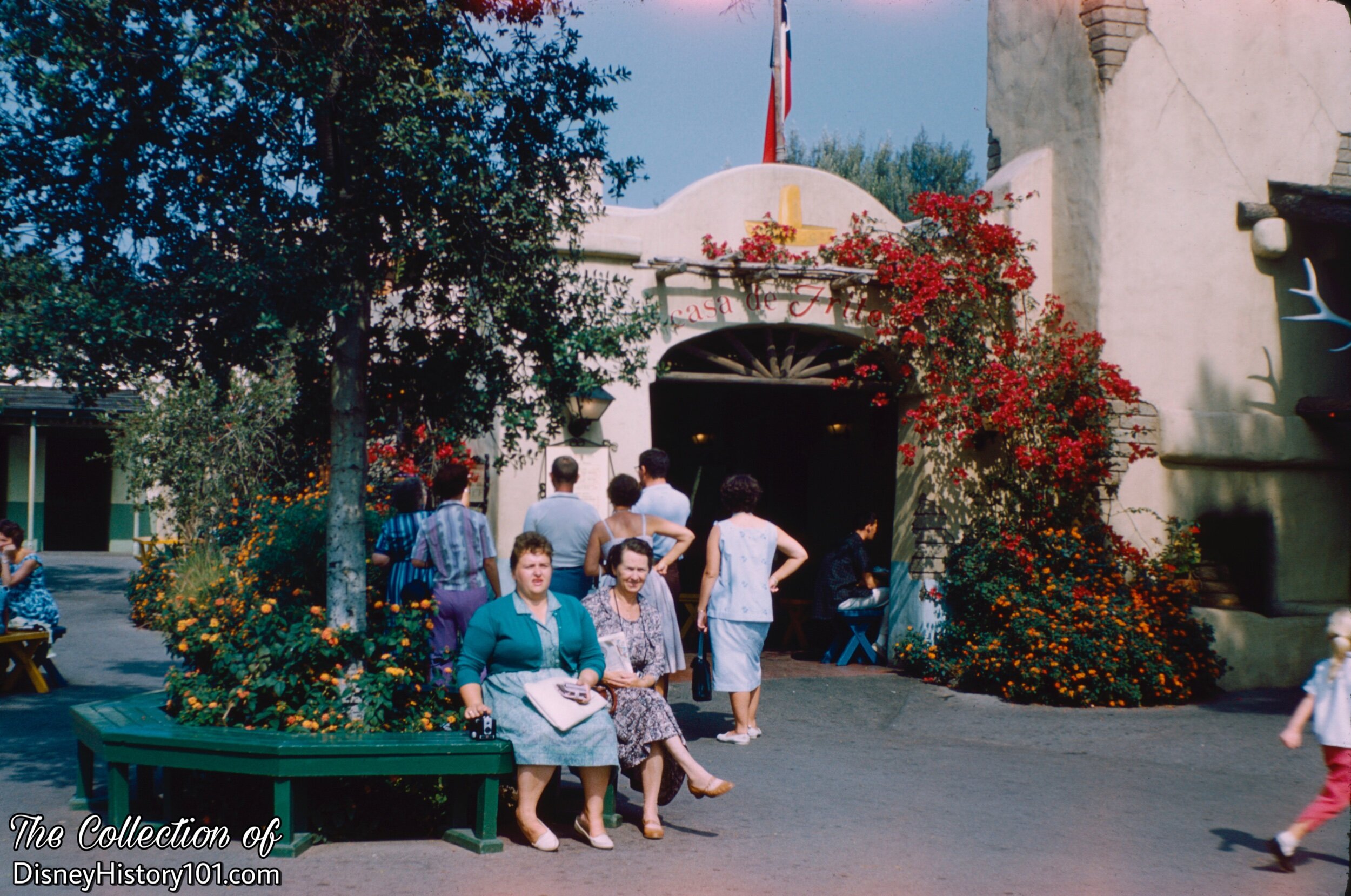
When the indoor dining room was full, guests sometimes waited for available tables while seated on the benches around this planter.
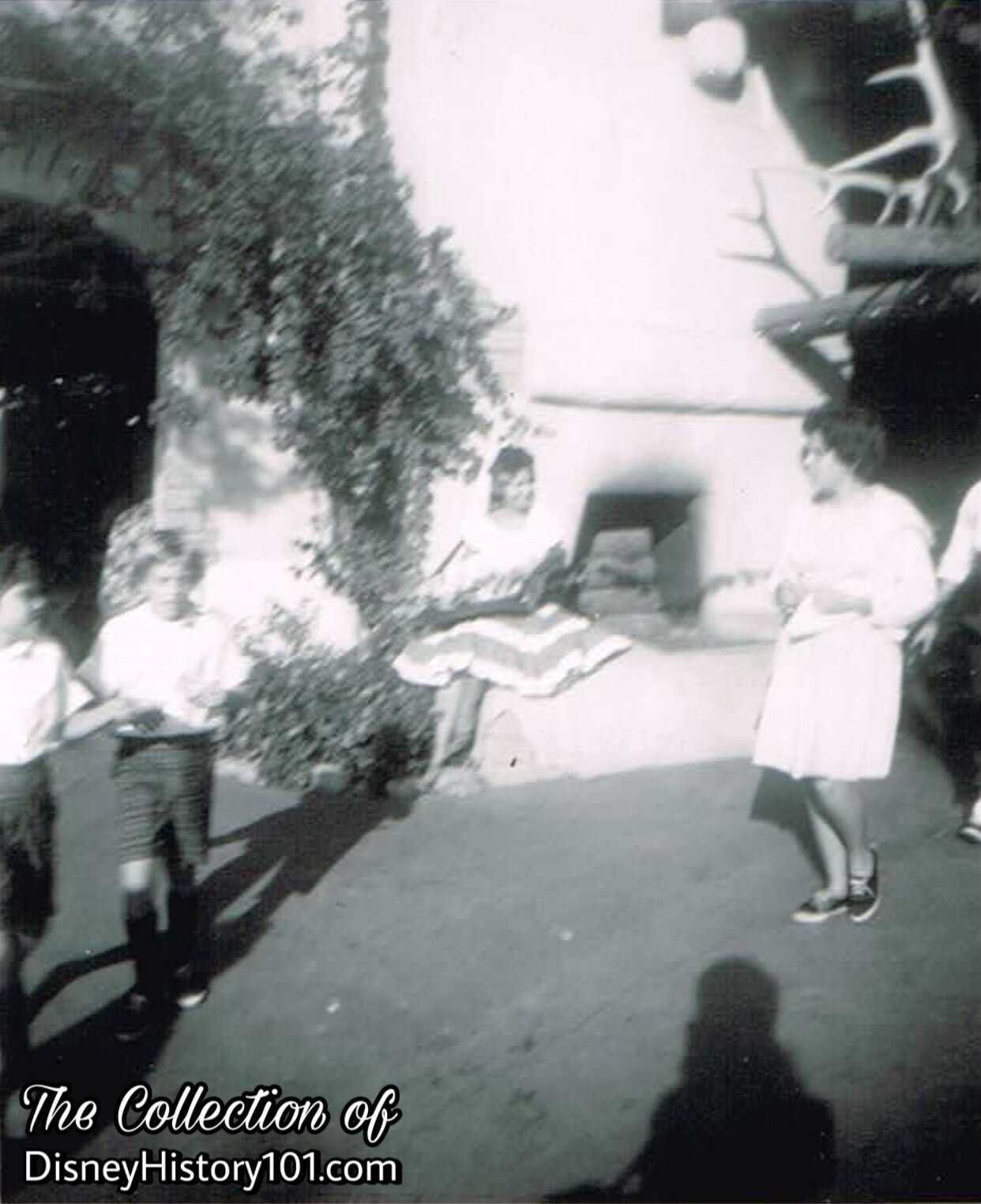
You may be wondering who this “chip-a-dee” is? As mentioned earlier, if you were in the mood to munch a quick snack (and not a meal), Fritos were also sold by the female vendors that would typically be found sitting on the old Blacksmith Shop hearth, located just outside the Casa de Fritos.
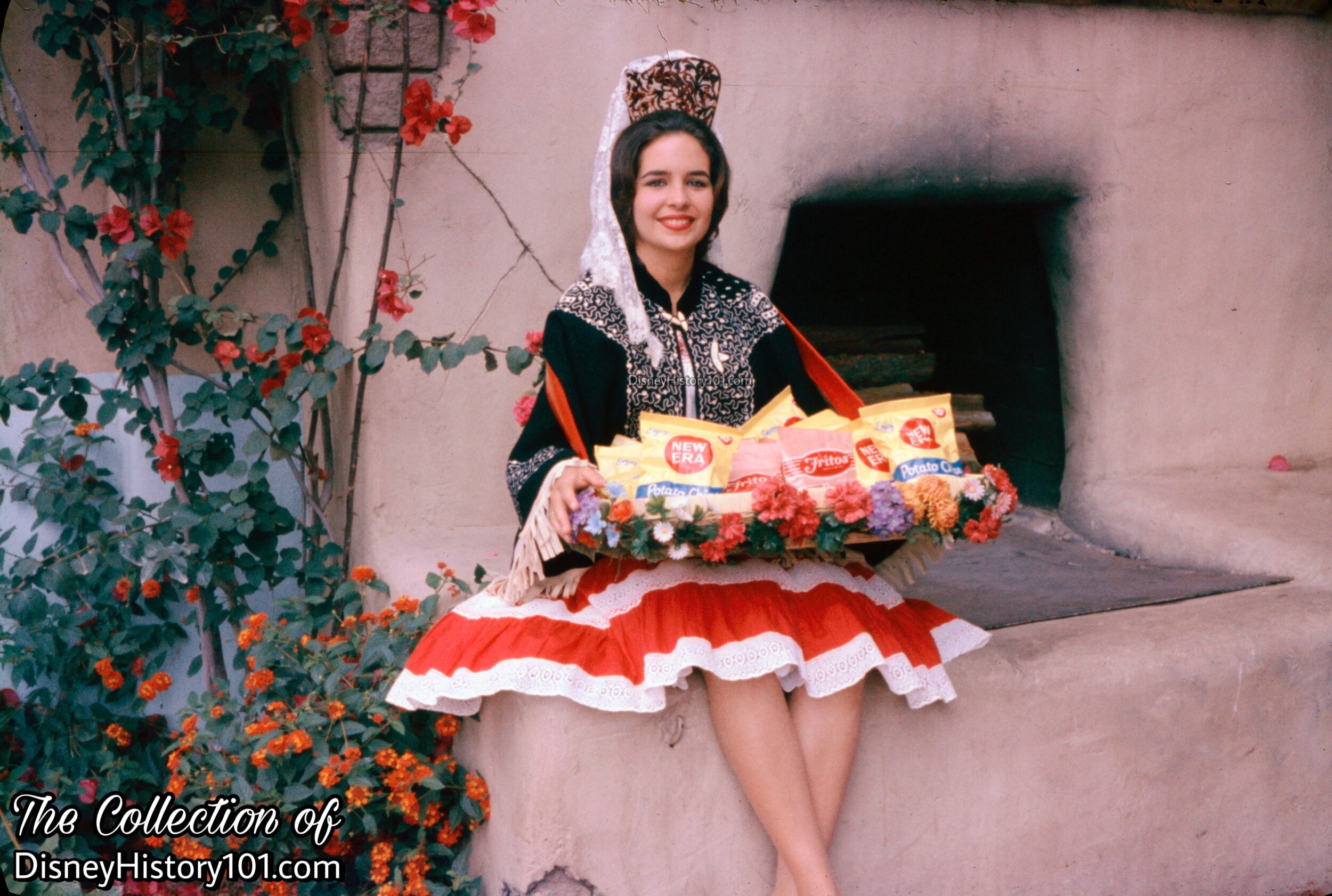
“Any Food Or Drink Tastes Better With Fritos”
Guests were encouraged to “try Fritos with sandwiches, hamburgers, soups, salads, hot dogs, Mexican foods, and your favorite beverage”! You may have personally had the experience of eating a bag of Fritos with a refreshing Welch’s Grape Juice or a cup of Carnation Farms’ milk at Disneyland. Here, the Fritos Vendor Hostess (like Alice Rodriquez) exemplified the spirit of Disneyland while selling popular Fritos corn chips (straight from Klondike) and New Era Potato Chips.
As a sidelight, New Era Potato Chips was acquired by Lays, and ultimately Pepsi-Co. in 1965. New Era soon began distributing a certain thicker “Ruffled Chip”, specially designed with grooves for dipping (which can be seen among the vendor’s offerings, pictured above).
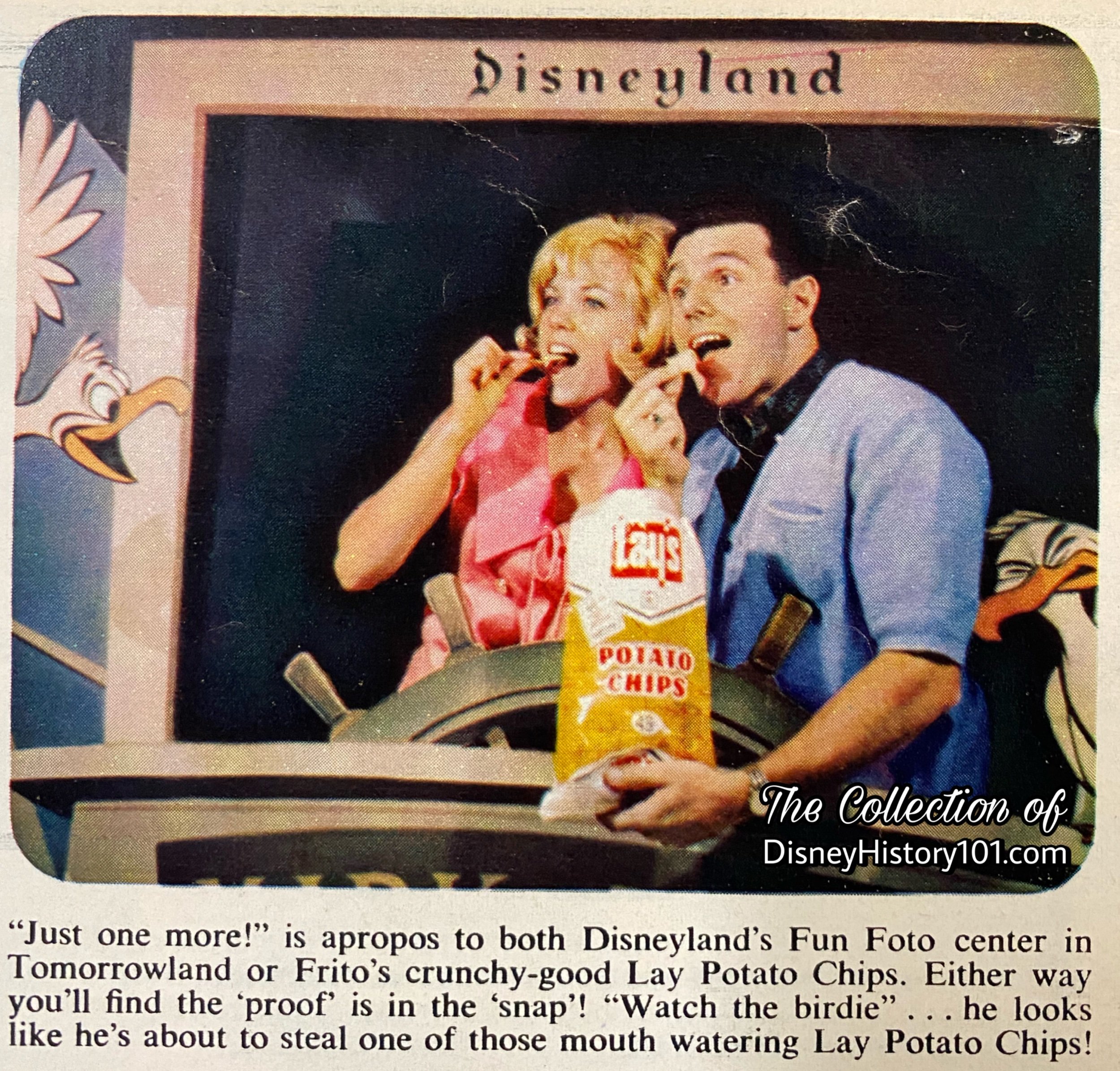
In 1967, the price range for meals ran from 30¢ to $1.85.

From May 7 to May 20, 1973 the Casa de Fritos was closed for a 2-week rehabilitation.
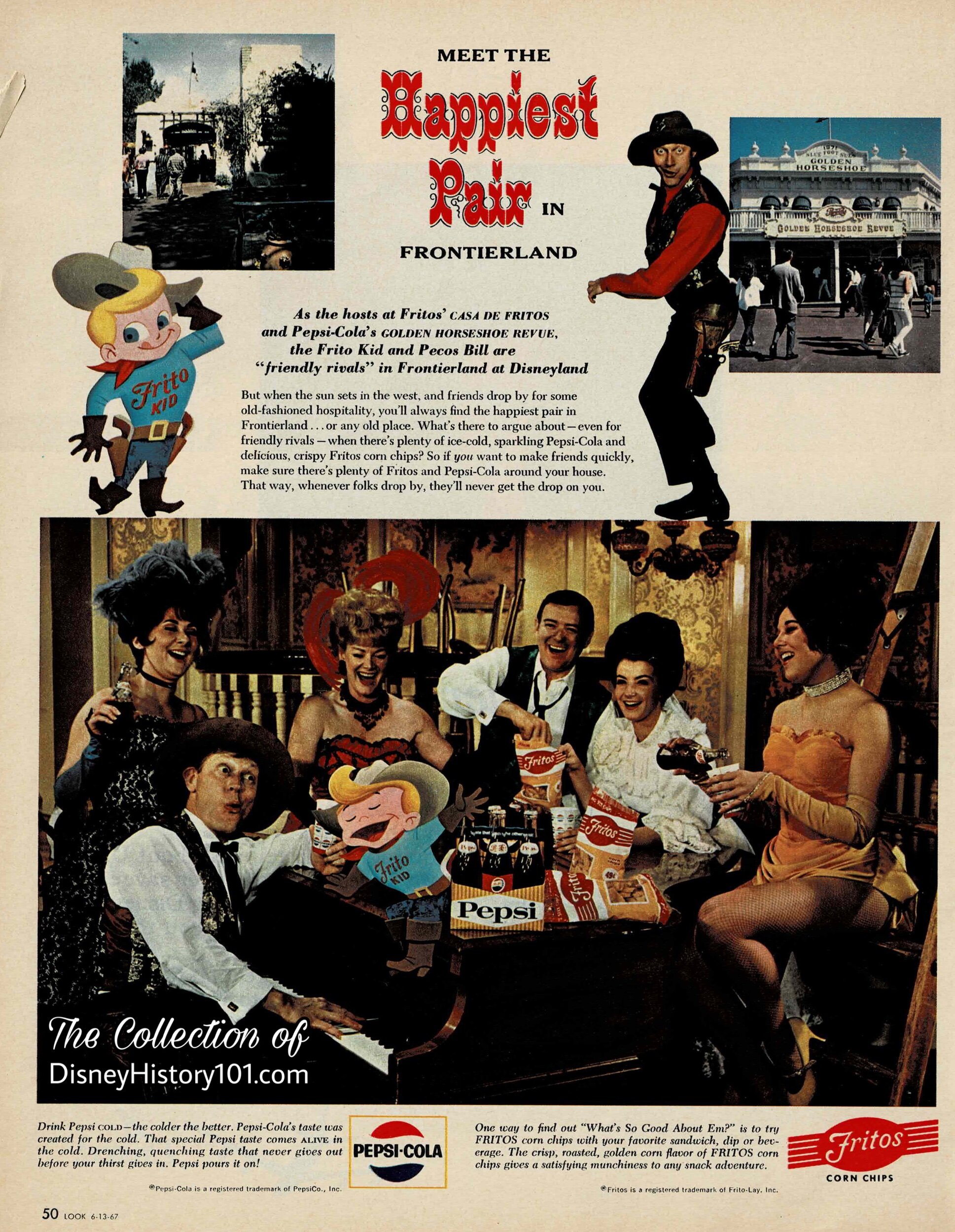
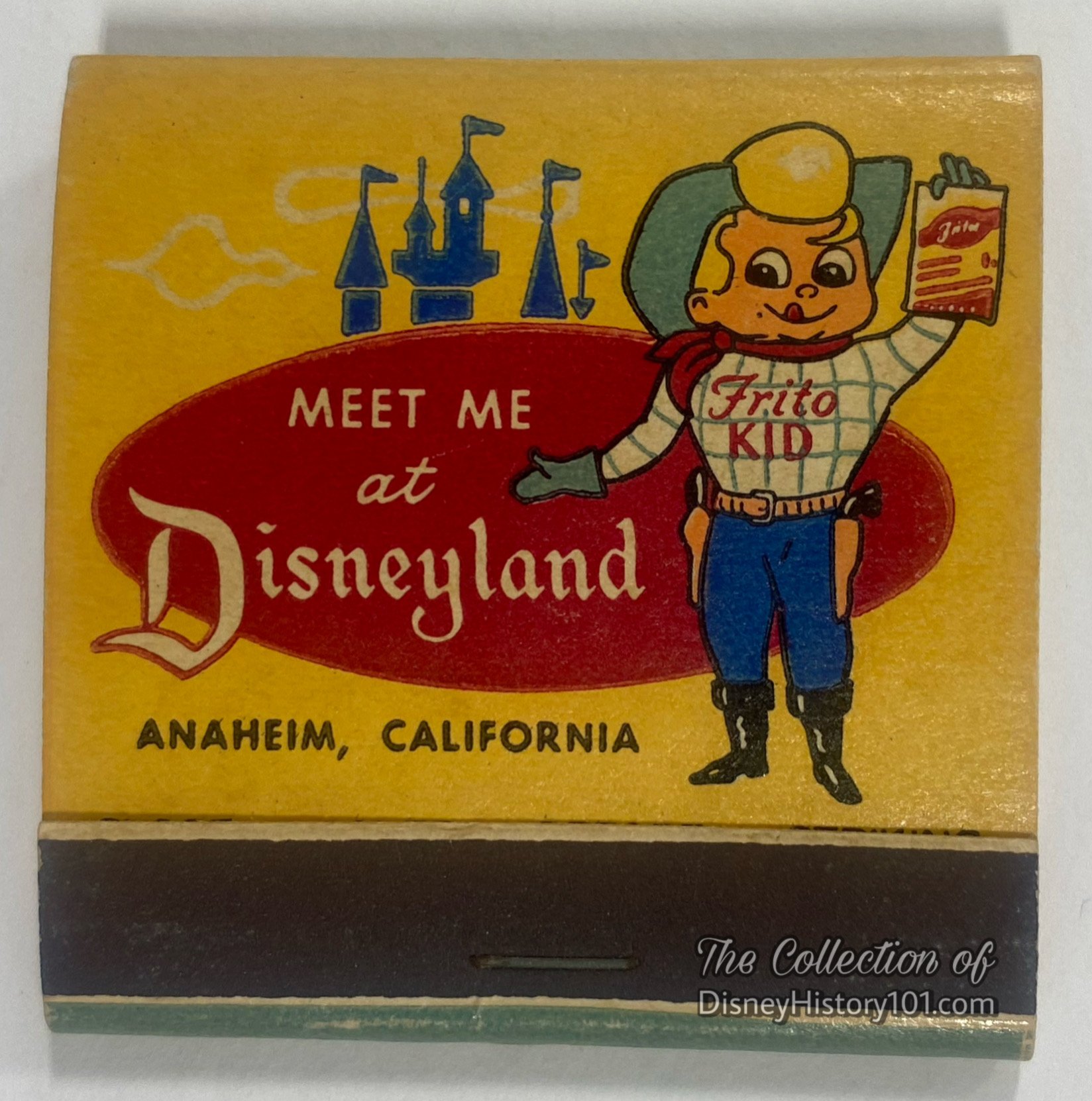
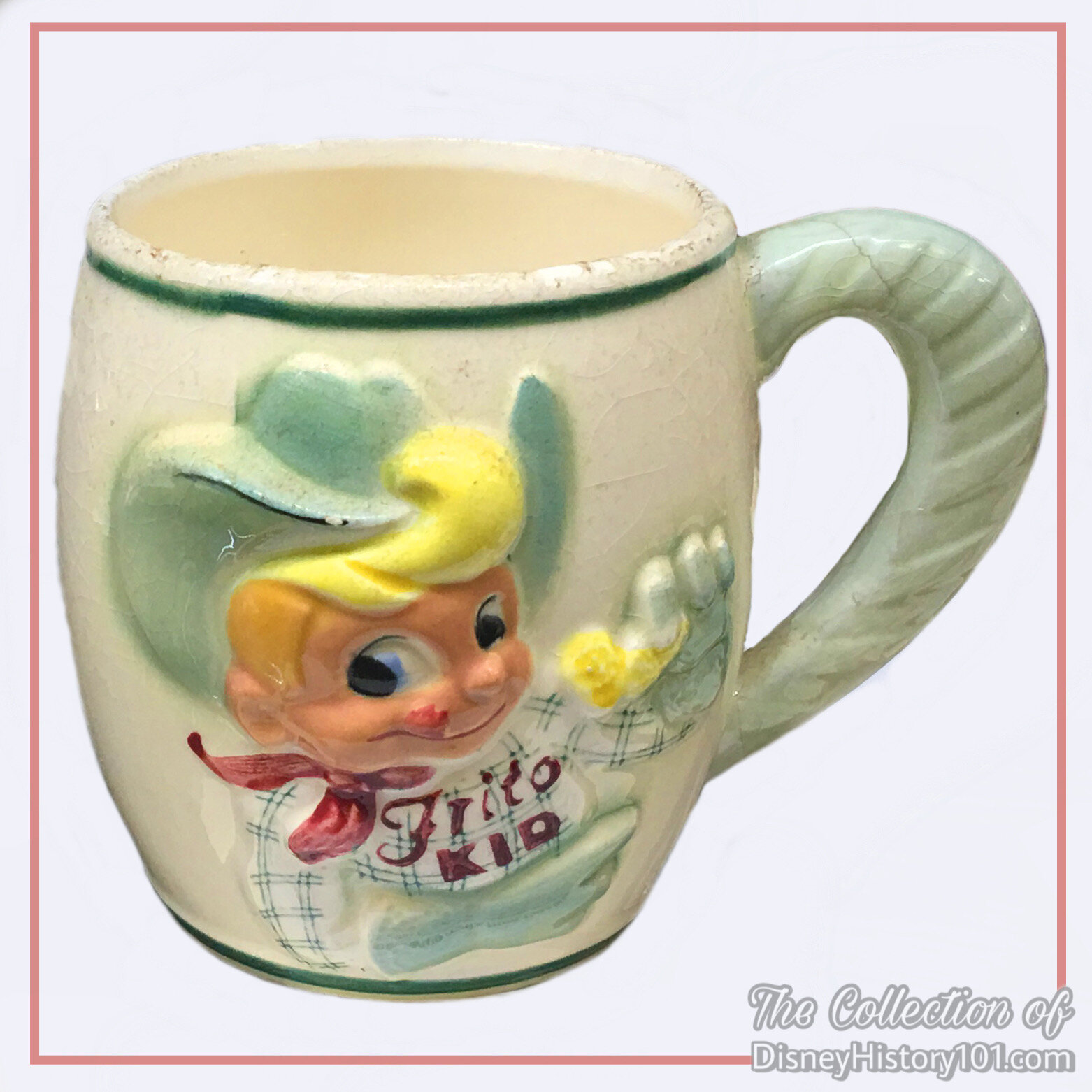
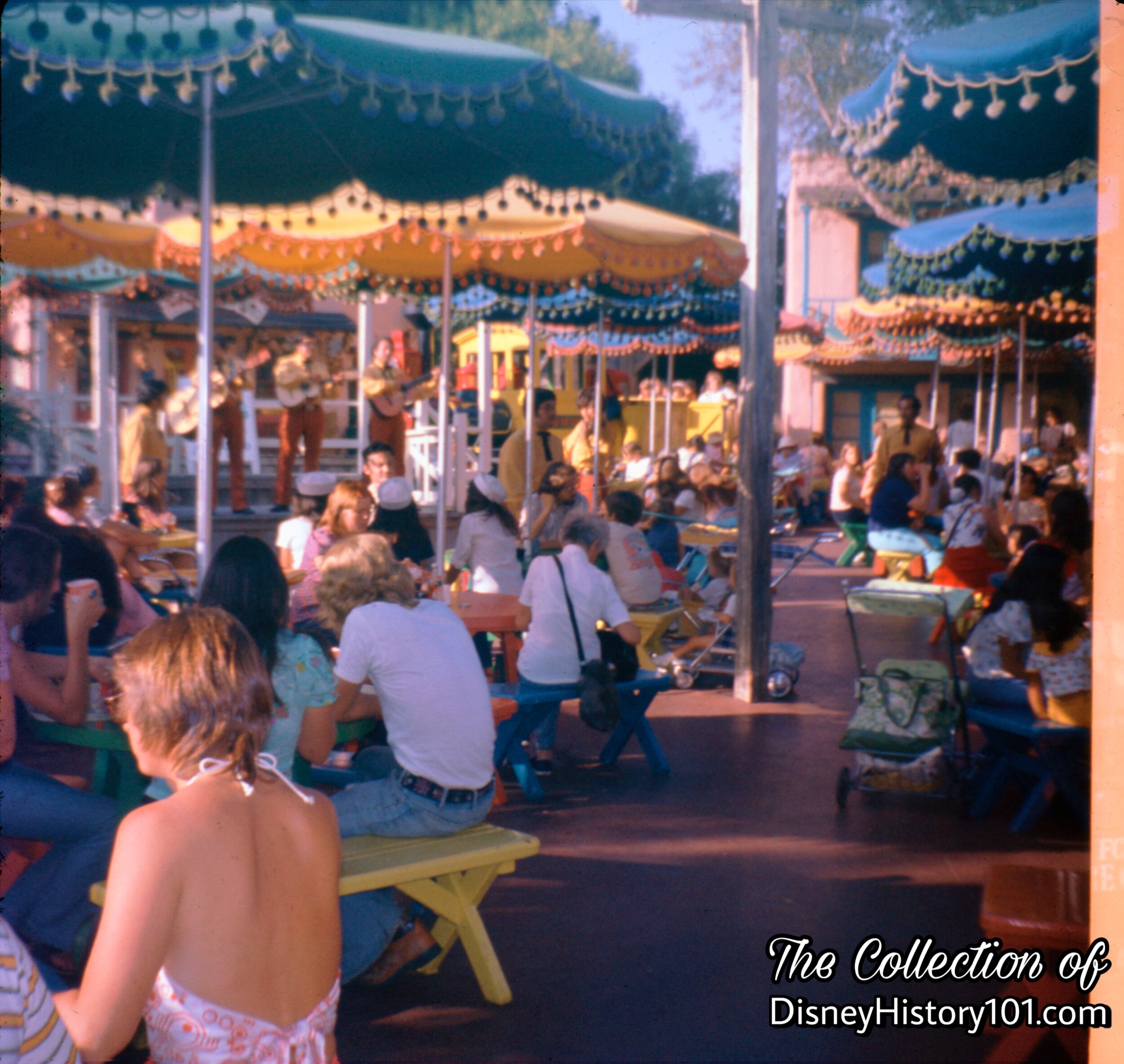
During meals, the wandering mariachi would serenade diners as they refreshed themselves and ate under the festive umbrella-shaded patio tables.
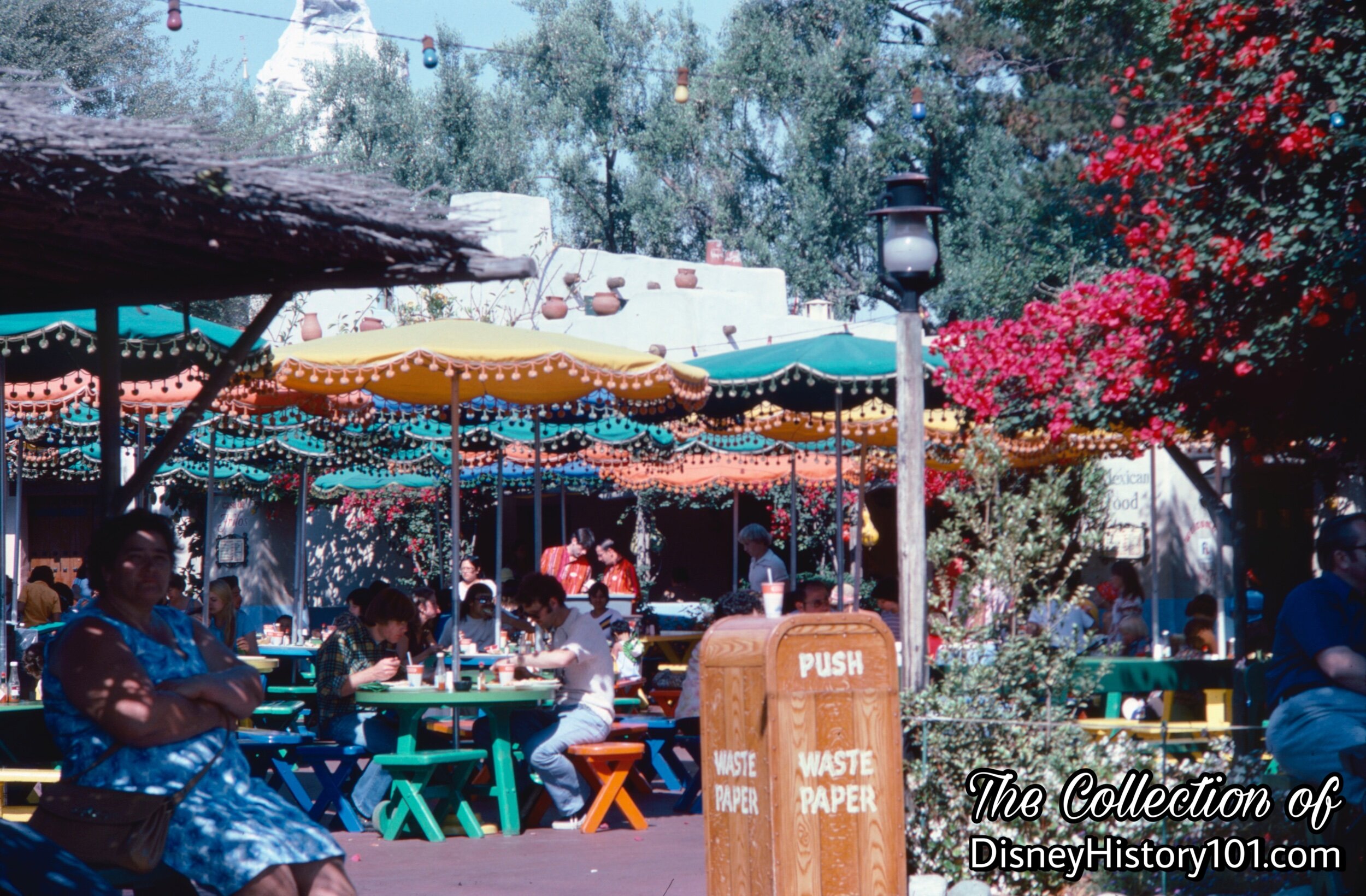
During 1978, a massive rehab came to Casa de Fritos (as well as the Frontier Gallery and Frontier Traders). This project was overseen by Lead Bud Poole (of Disneyland Maintenance).
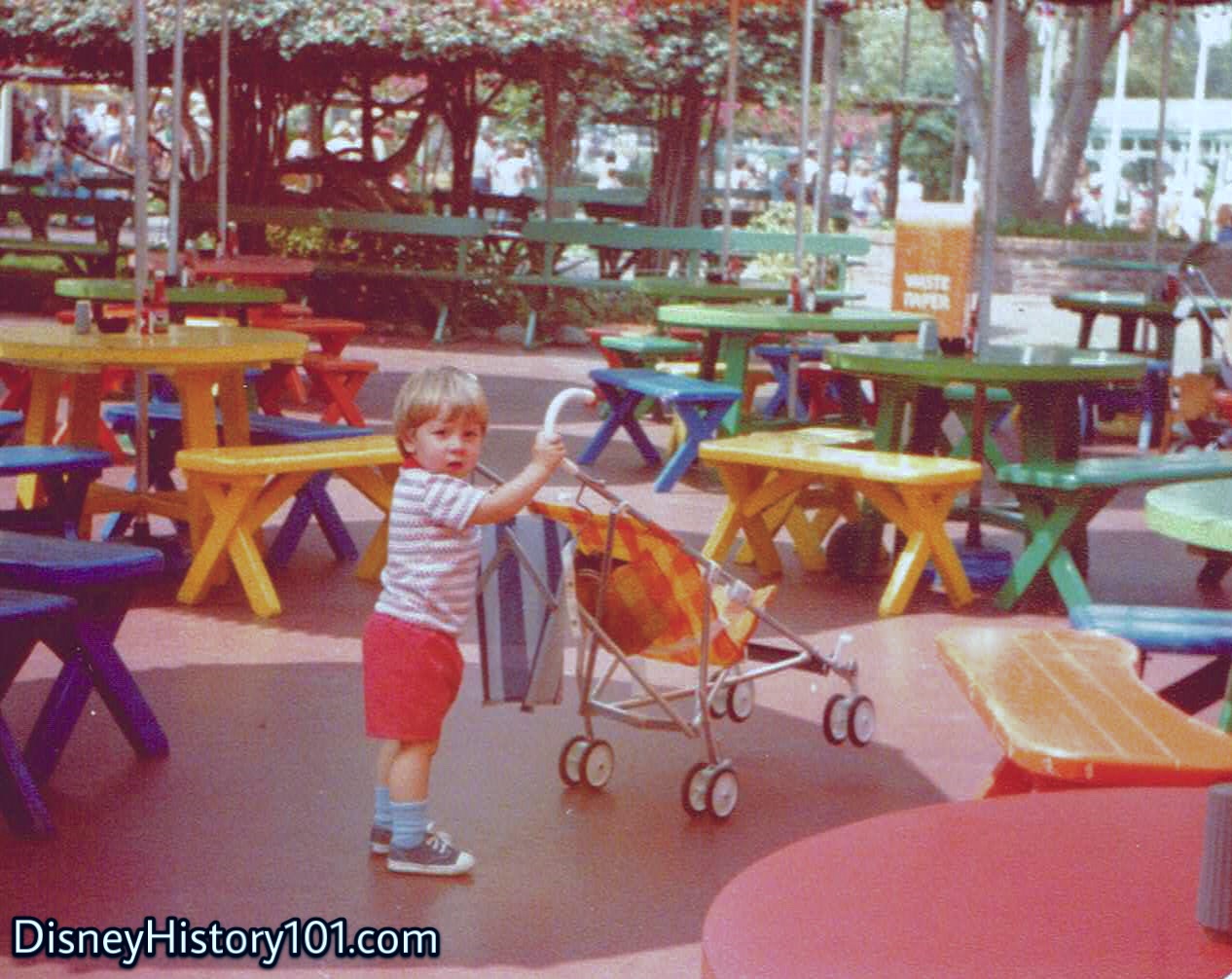
By 1975, the benches for Casa de Fritos were being repaired. When the mealtime rush of customers dispersed, the colorful seating of the Casa de Fritos offered a place to rest while enjoying both the sights and sounds of Frontierland! This was also the sight during periods of regular rehabilitations (like in ‘78) which maintained the show quality. In November of 1978, the Frontier Traders Shop reopened from a rehabilitation with increased floor space and enlarged stockroom replacing the old closet. In addition, an access passageway was opened behind Casa de Fritos and the Shooting Gallery to allow the Warehouse drivers to drop off their deliveries backstage. This proved handy for Casa de Fritos Hosts, Hostesses, and other Cast Members for the remainder of the lessee contract.
However, after Disneyland Participant Affairs and Participant Frito-Lay could not negotiate a new cooperative agreement to maintain their ongoing relationship, Casa de Fritos would close its doors. This second incarnation of Casa de Fritos restaurant had been in operation for about two-and-a-half decades (from June of 1957 until October 1, 1982), when it was renamed The Casa Mexicana.
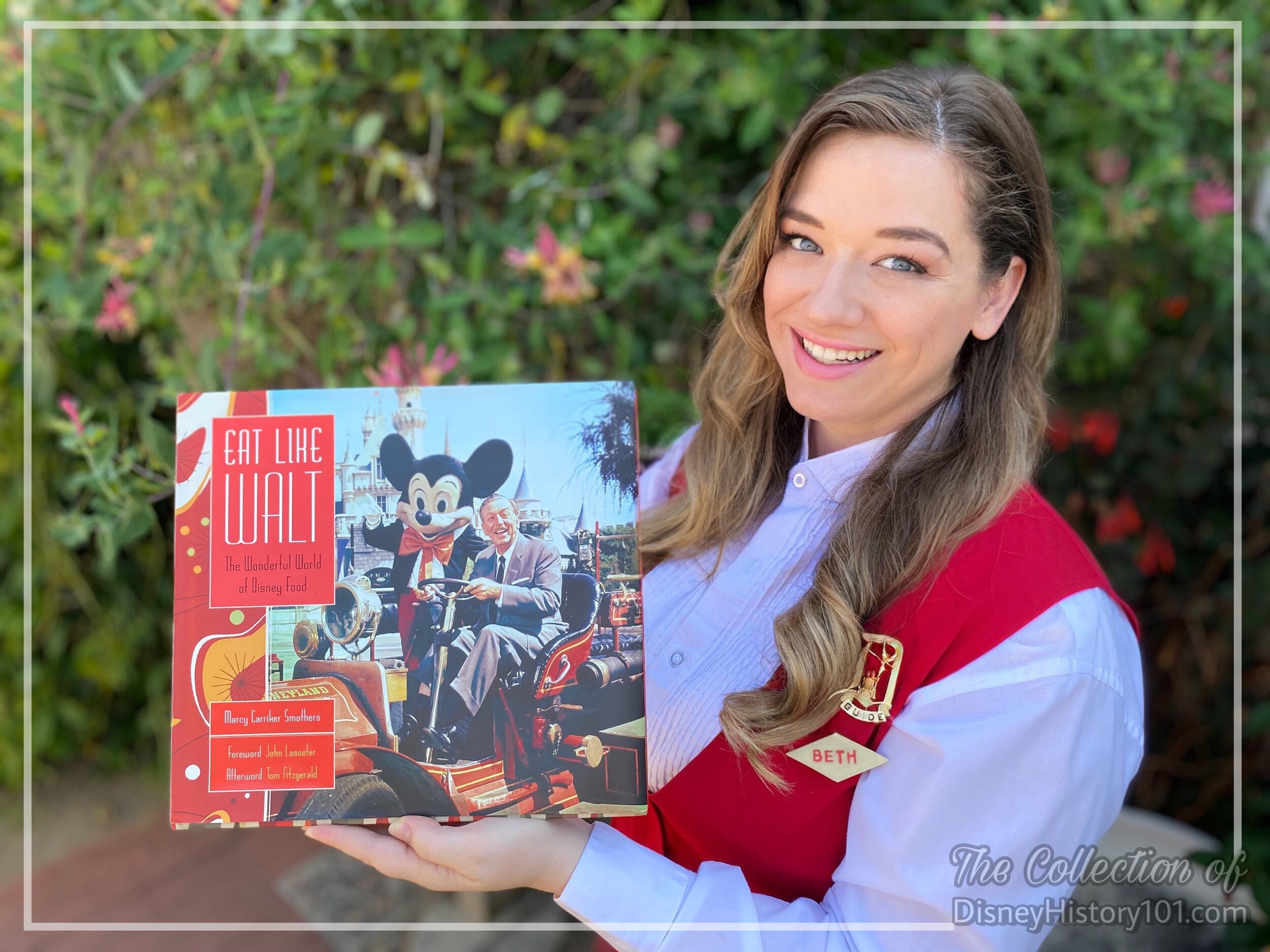
If you would like to read more about the Casa de Fritos, it’s my pleasure to recommend adding Marcy Smothers’ “Eat Like Walt - The Wonderful World of Disney Food” to your personal Disney Home Library! Therein, Marcy has extensively researched and finely crafted a small section of a chapter dedicated to “Walt Disney’s Disneyland - Frontierland” If you would like to bring the magic of Disneyland restaurants and concessions to your dining room table, “please step this way” toward www.eatlikewalt.com where Marcy has shared a few recipes for memorable Disneyland menu options, so you too can “Eat Like Walt.”
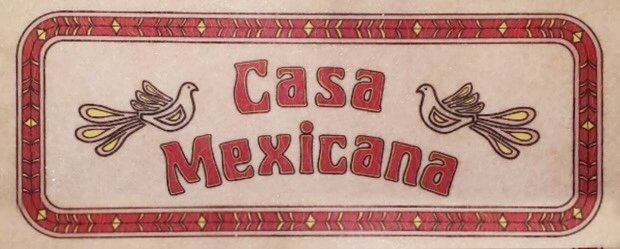
Lawry’s first developed their “Seazn-All-Salt” steak seasoning in 1938. Since then, the company came to produce “110 different products, 17 of which” were employed in various restaurants around the circa 1983 Disneyland. Casa Mexicana (hosted by new Participant Lawry’s Foods, since May of 1983) captured the feel and flavor of the Mexican Square’s premier attraction, though a refurbishment was in “order”.
During this time Casa Mexicana hosted by Lawry's offered Mexican food specialties, combination plates, (tacos, burritos, and enchiladas) similar to Casa de Fritos’ former offerings were still available in a “buffeteria” setting, and diners could still hear the sound of the mariachi in the square. But now, new variations on these were offered - beef or chicken tacos, shredded beef burritos covered in ranchero sauce, cheese enchiladas, mini beef taquitos, quesadilla rolls, taco salad, nacho platters, and the “Beef Colorado.” Many combination plates allowed guests to experience several of these options, served with rice and beans (of course). “Disneyland Executive Chef Tony Bodner explains that Casa Mexicana offers what might be termed California-style Mexican food. ‘At Casa Mexicana, as at all our Disneyland restaurants, we present an Americanized version of traditional foods,’ he says. We have to gear our recipes to the kind of tastes our audience will accept. For instance, traditional Mexican food would be too hot and spicy for our average American guests. But we’re very quality conscious here, and our recipes convey the style and flavor of the ethnic foods,” according to Disneyland LINE magazine (Vol. 15, No. 41).
According to the very same article, Casa Mexicana used “about 300 pounds of beans and 300 pounds of rice, plus another 300 pounds of cheddar cheese and about 400 pounds of beef” during peak summer days, by account of Disneyland Food Receiver Joey Silva.
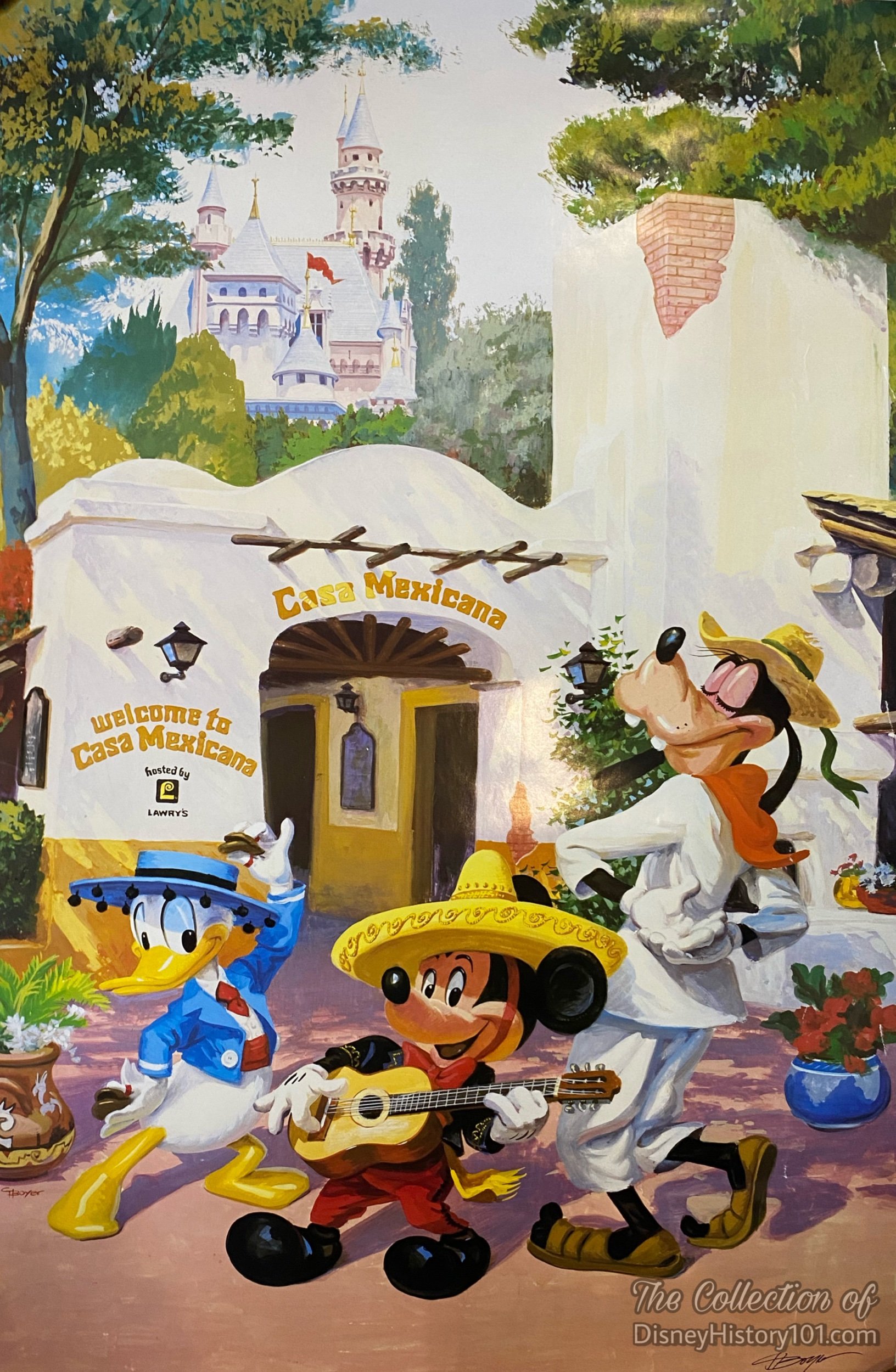
Casa Mexicana occasionally hosted special events, like Private Parties (e.g. GM-Hughes Family Celebration, January of 1986), during which Charles Boyer’s “Casa Mexicana” was occasionally offered as a limited edition print.
By 1990, healthier menu alternatives - Cheese Enchilada, Chicken Taco, and Fresh Fruit Cup - were offered. This incarnation of the restaurant continued for a little more than 17 years, until the opening of Rancho del Zocalo(February/April 2001 - present)!
By 1991, the buffeteria-style Casa Mexicana restaurant was still hosted by Lawry’s Foods and offered “south-of-the-border” specialties including tacos, burritos, and enchiladas.
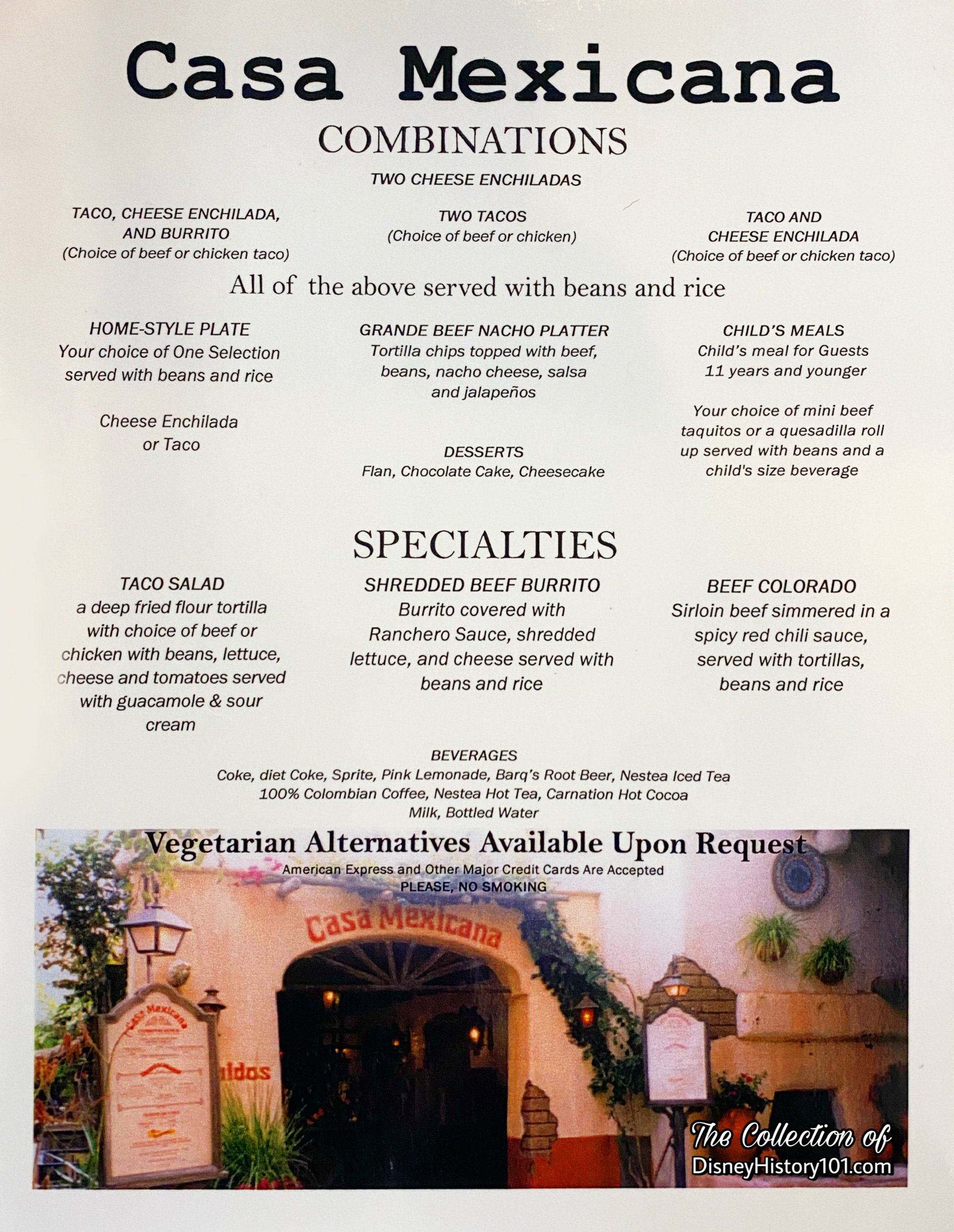
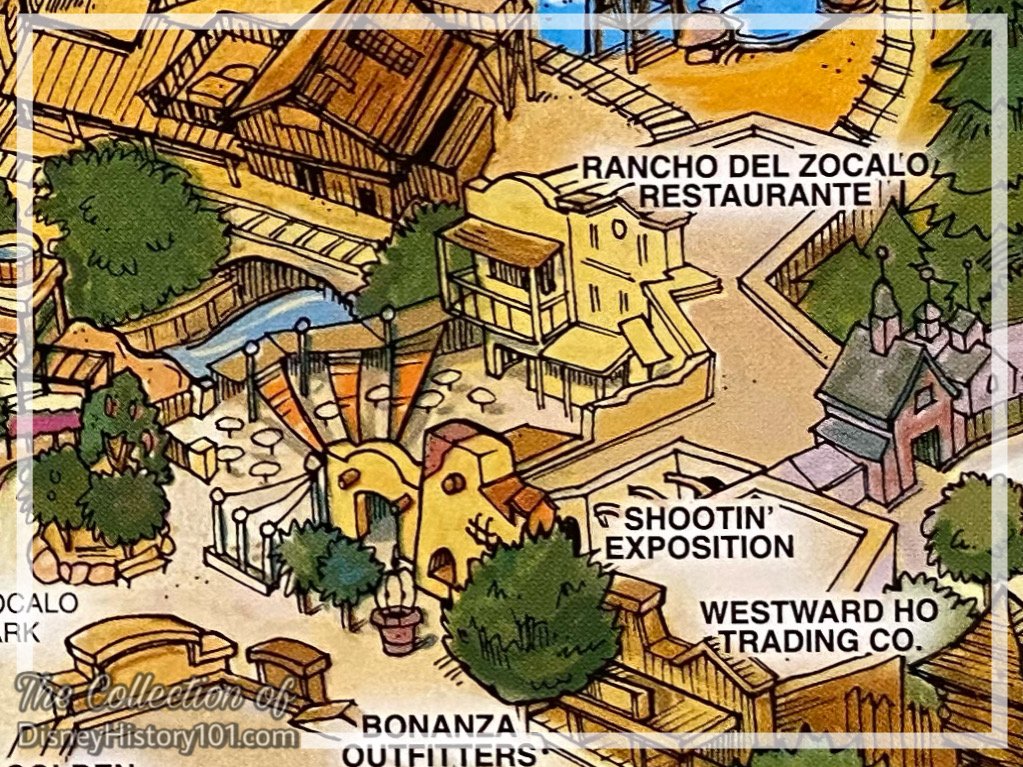
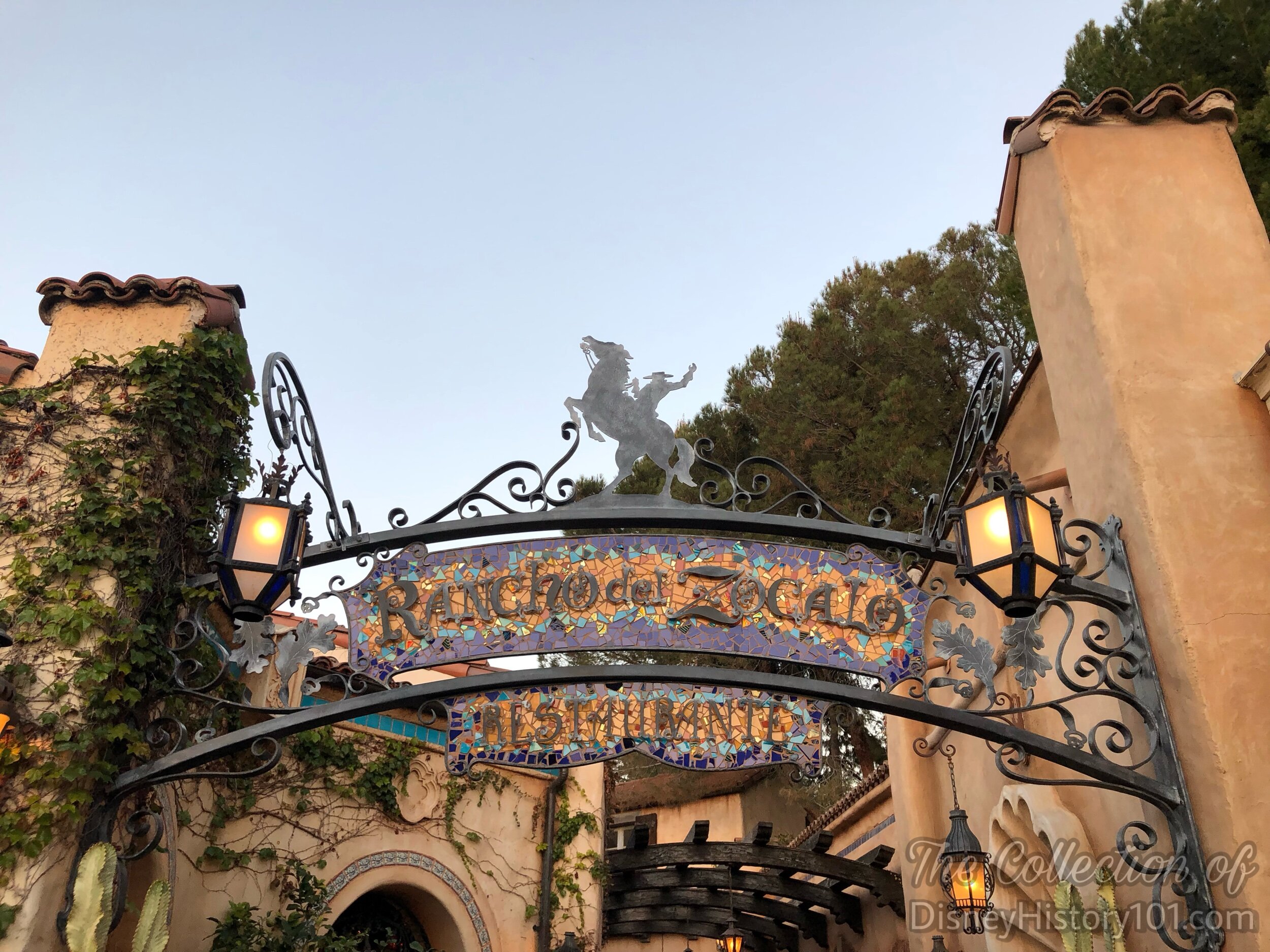
In the present, the menu options and atmosphere have changed considerably since the Casa de Fritos name disappeared from the entrance. The Fritos Street Vendors, Mariachi, and colorful dining areas are all gone, but there is still a festive feel, and a reminder of “the exciting days when the story of our country’s past was being lived” in this section of Frontierland!
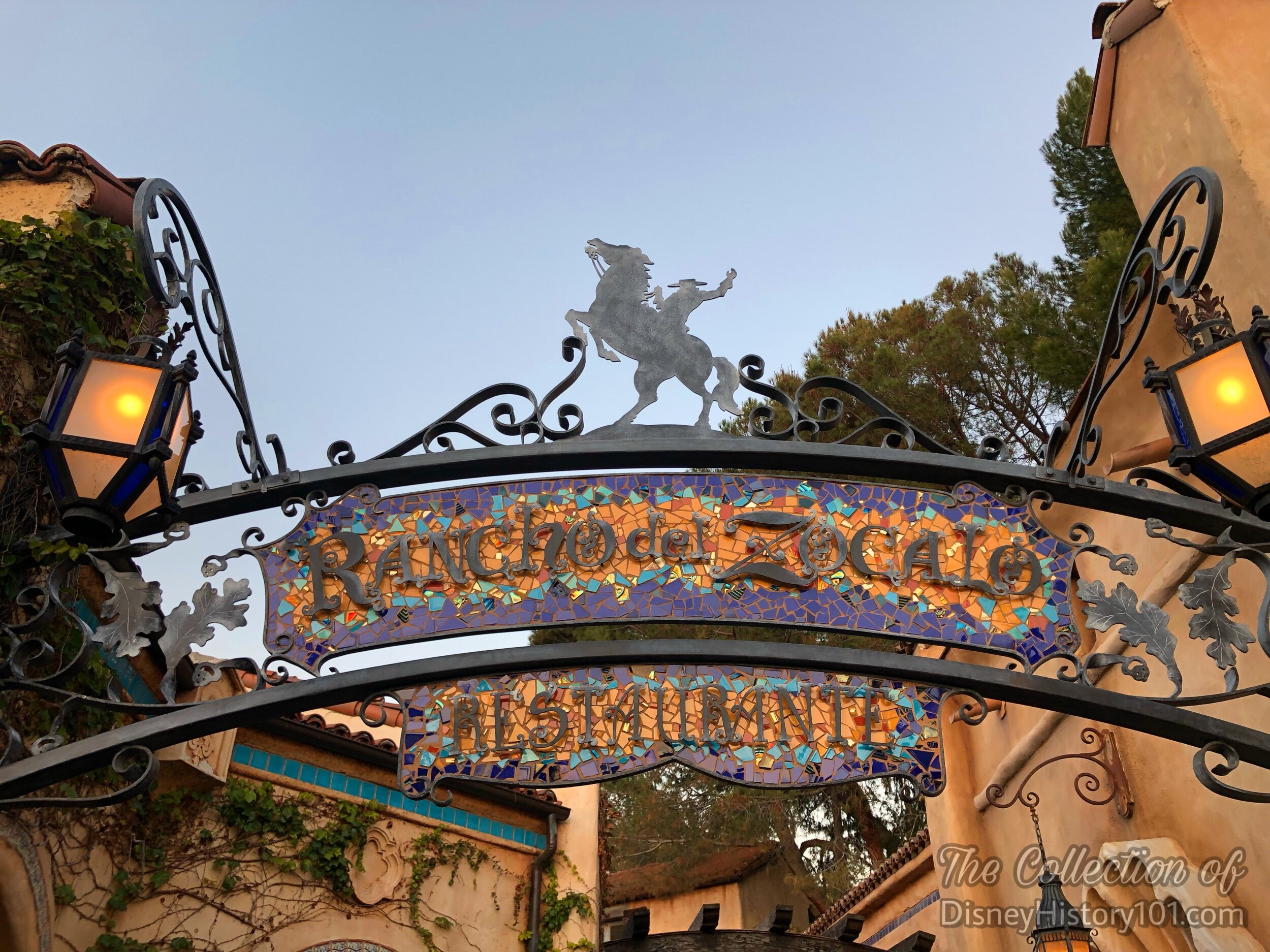
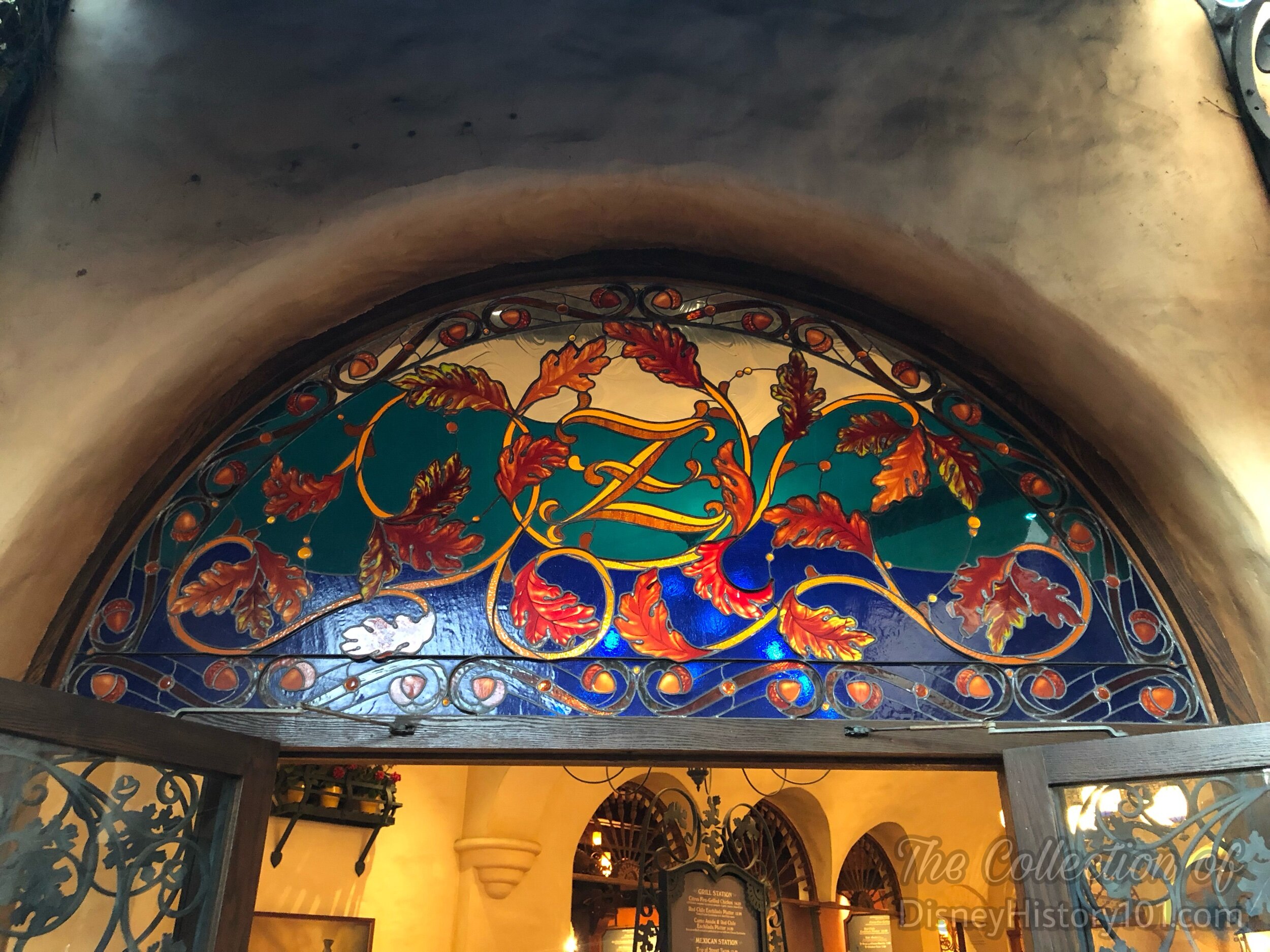
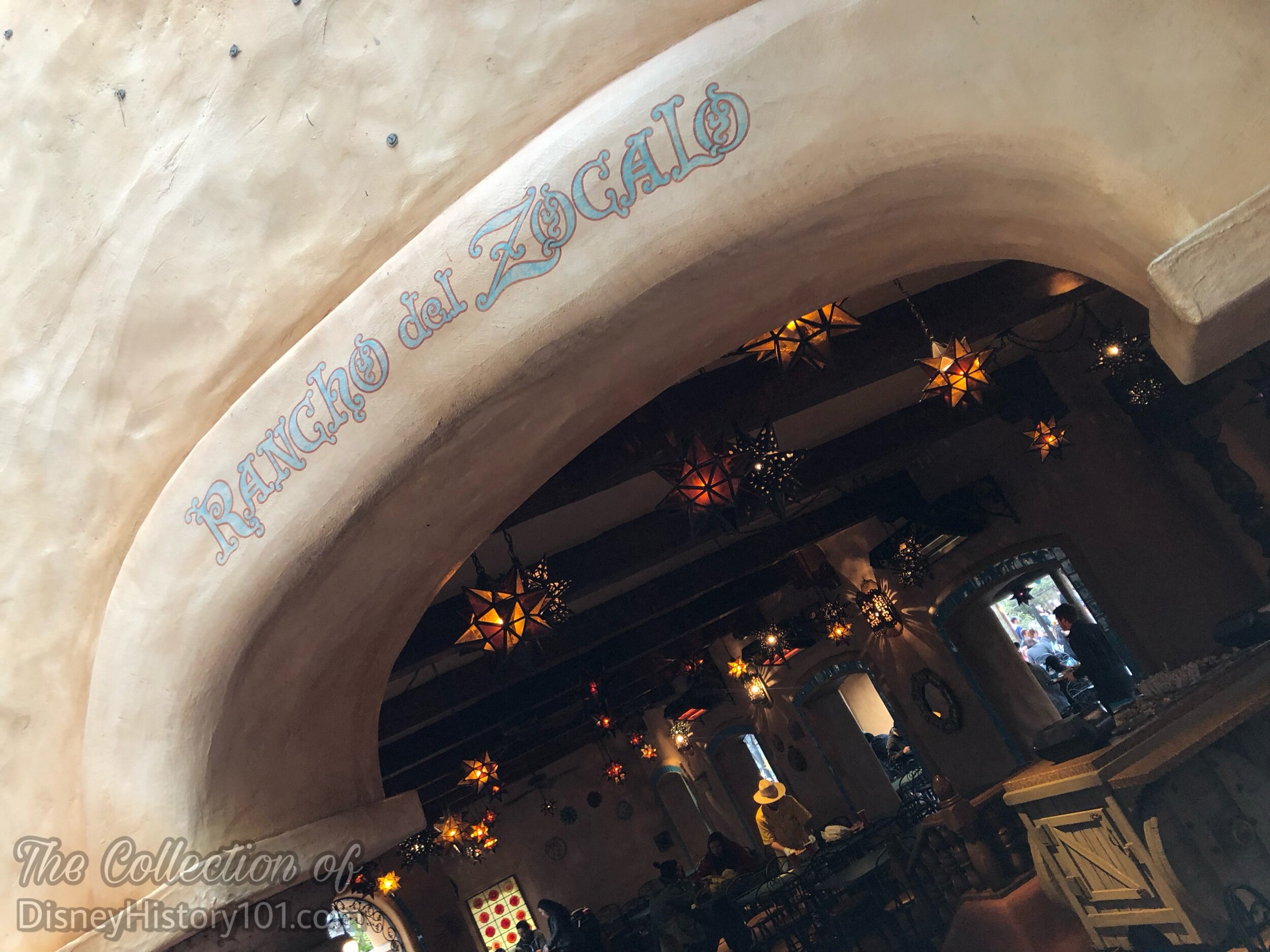
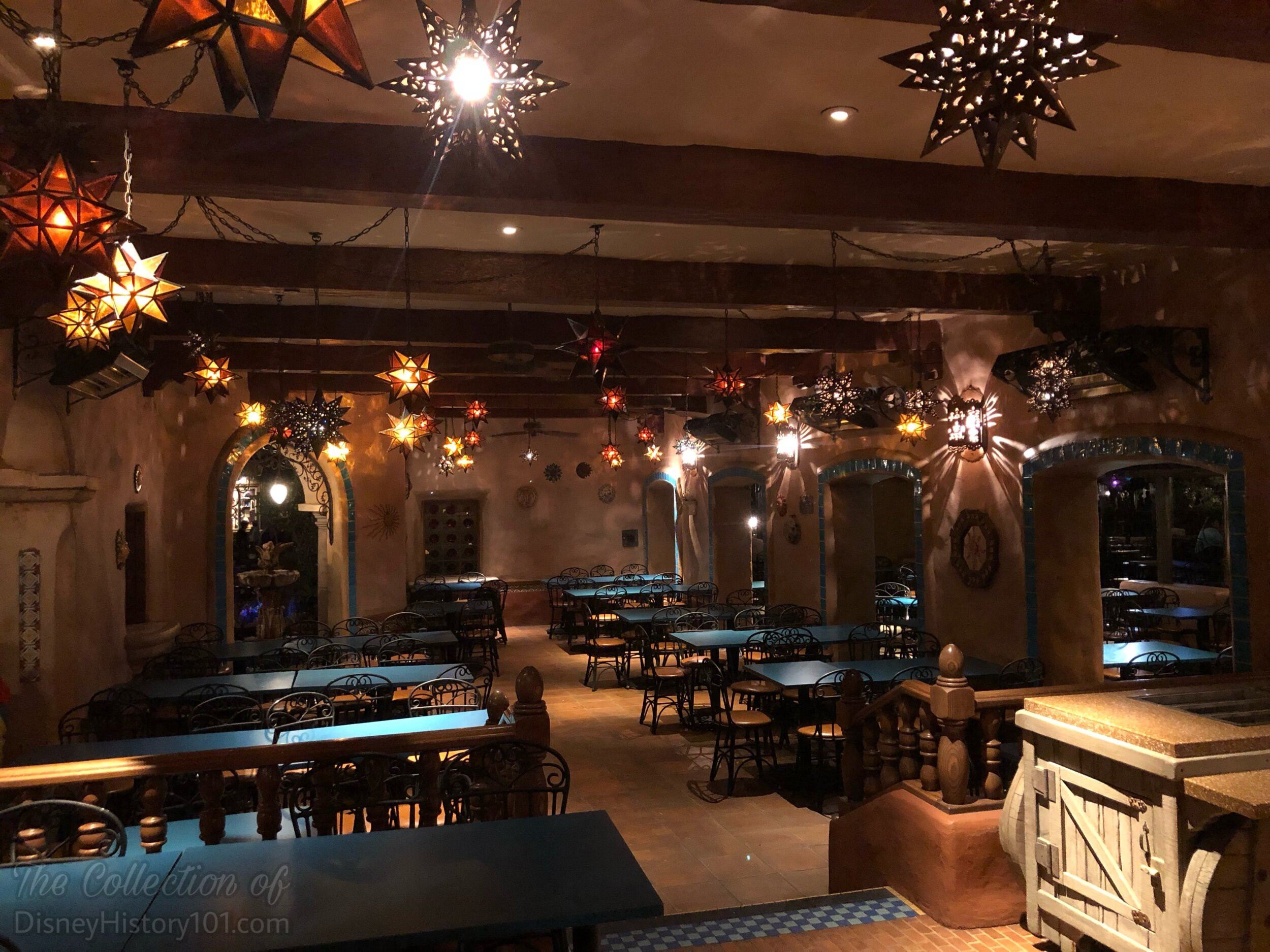
Character lighting is themed to the area to enhance the overall appearance and complement the interior, such as a chandelier or kerosene lamp. These add to the show, but don't necessarily create enough illumination for operation.
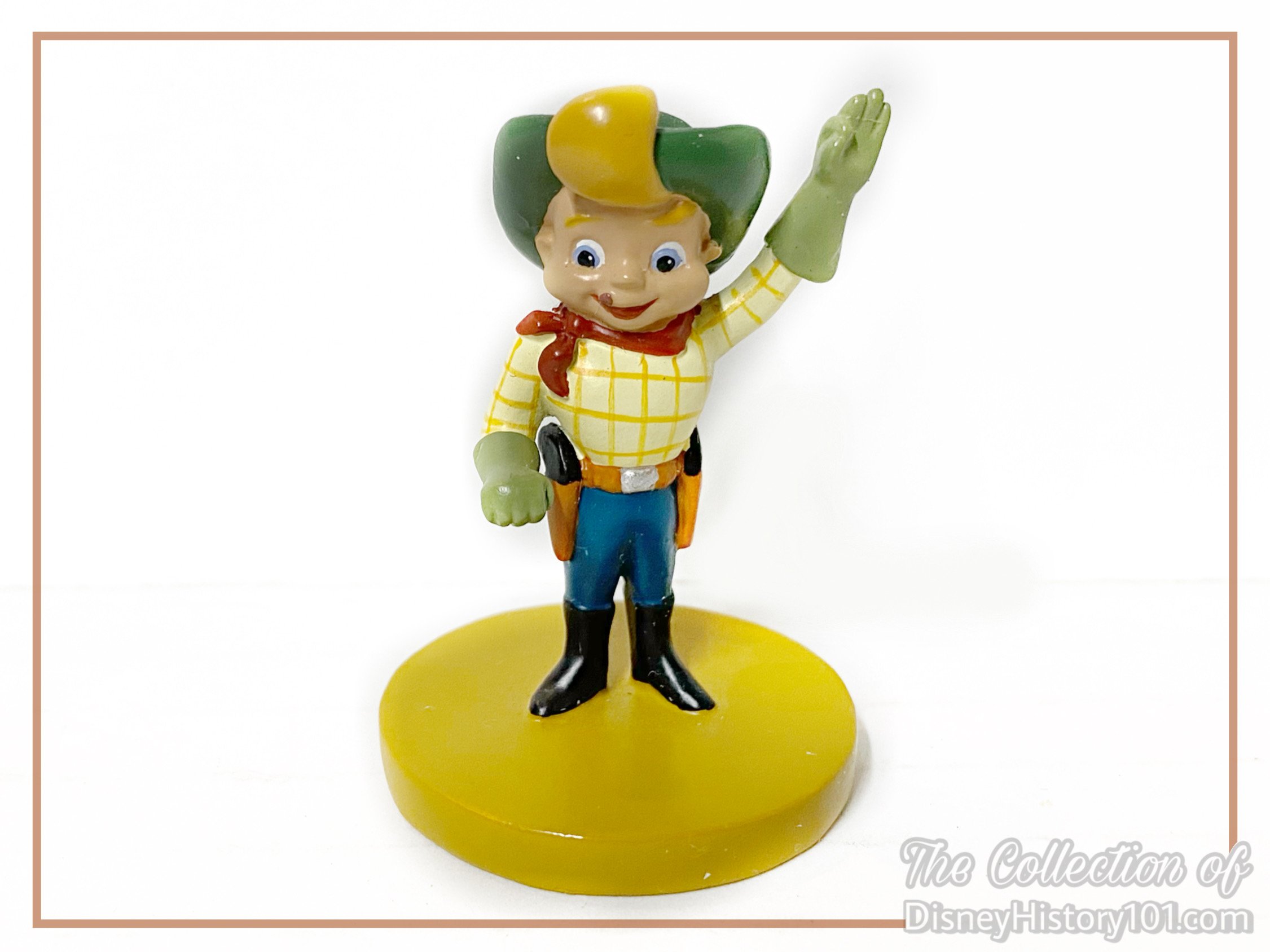
One of the cutest little homages to Casa de Fritos - this little Frito Kid pewter figure.
DISNEY CHARACTERS (A-H)
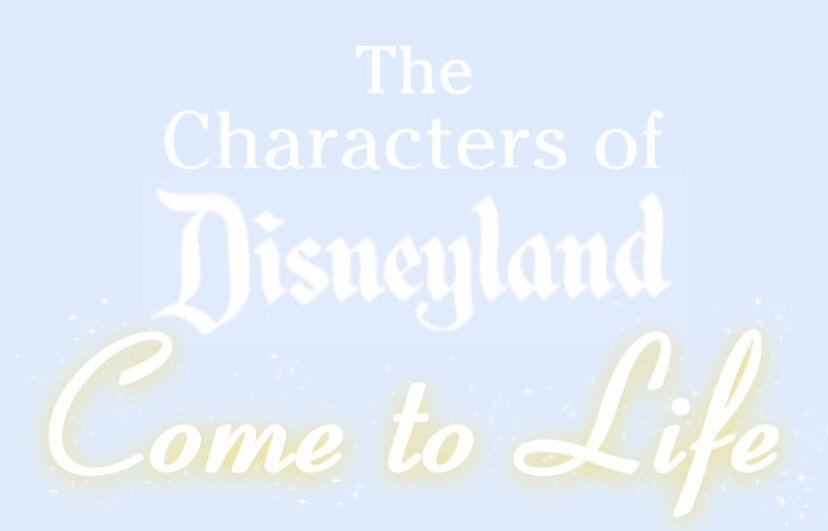
"Disneyland is the Star!" However, Cast Members represent all of Disneyland, and promote goodwill between Disney and the public. The Disneyland Character Cast particularly capture the Spirit of Disneyland and Disney Parks worldwide! Thousands of Guests visit Disney Parks each day with the hope of just taking a picture with, acquiring the autograph of, or just to shaking hands with Mickey Mouse or some other world famous Disney Character. Today, the Disney Character is brought to life by a Cast Member.
But did you know, that “come to life” versions of Walt Disney’s popular licensed characters actually predate Disneyland by a number of years? Yes, some of Walt Disney’s three-dimensional life-size cast of characters were creating happiness even before Disneyland was amidst its earliest planning stages. As you will see, these characters actually helped “set the stage” for their future appearances in Disney Parks for decades to come. In addition, we will see how one-time make-believe Disney Characters have “come to life” as a result of untold numbers of talented people!
“The 1930s - Walt’s Characters ‘Come To Life’”
The creation of characters (and casting) has always been an essential part of the success of Walt Disney’s short films and feature length films. As to character development, Walt once said: ”I try to build a full personality for each of our cartoon characters - to make them personalities.” Walt and Ubbe had been practicing this philosophy during their days in Kansas City, culminating with the production of Walt’s first Alice Comedies pitched in August of 1923. Perhaps the earliest character to come out of the inkwell and “come to life” was Mickey Mouse (with the help of the first “Pageant Helper,” Toots Novelle), in conjunction with the traveling Fanchon & Marco vaudeville revue show staged by Larry Ceballos during the early 1930s. Advertisements promised: “You’ll see Mickey Mouse and all of Walt Disney’s famous cartoon characters come to life on the stage.” The popularity of Mickey Mouse persisted and he appeared “in person” again, this time in his own show - the Mickey Mouse Circus, at California Pacific Exposition (from 1935-1936). A few years later, newer versions of Mickey Mouse, Minnie Mouse, and (the debuting) Donald Duck would walk the red carpet alongside Snow White and the Seven Dwarfs for the premier of Snow White and the Seven Dwarfs at Carthay Circle Theater in Los Angeles, in 1937. Despite the creation and development of a growing cast of theatrical stars, it would be another decade before more of Walt Disney’s characters would “come to life” in a regular exhibition on a near daily basis.
“The 1940s - Ice Cycles, Ice Capades, and Future Stars of Disneyland”
The Ice Follies began to produce a popular show called Ice Cycles (in conjunction with the Ice Capades), which ran from 1946 to 1949. With that, Walt Disney would see a magical opportunity to form a special arrangement that would allow some of his licensed characters to appear in the Ice Follies shows. According to this press release photograph, “Walt Disney’s Dumbo becomes the first elephant to take to the ice in the coming Ice Cycles of 1948, which is scheduled to open to a limited engagement at [an arena to be determined]. He comes to life to the delight of both young and old as he goes through the laugh-provoking maneuvers of the frozen surface in the all-new edition of the thrilling musical revue on ice.”
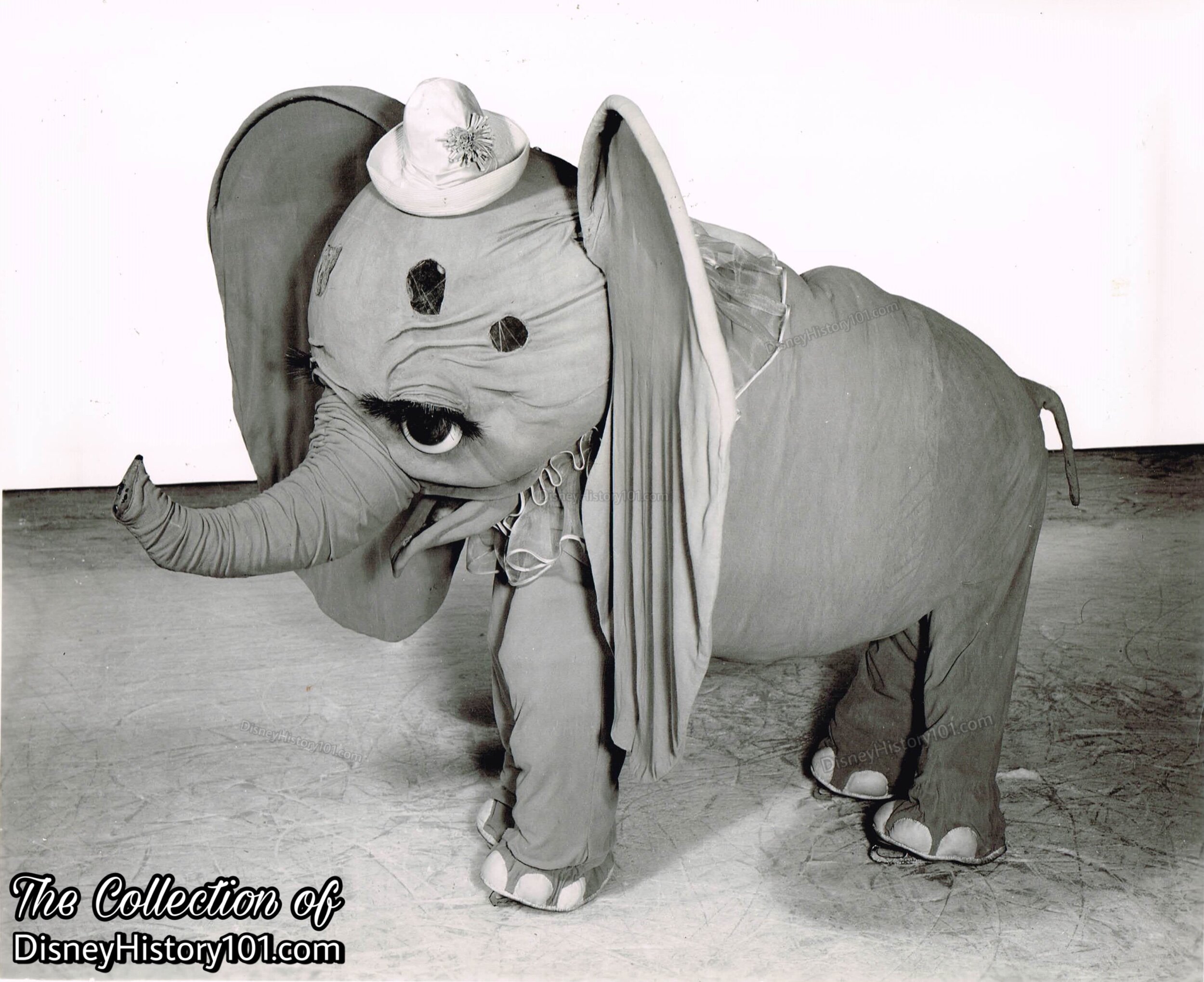
To make it clear, this version of Dumbo never appeared inside Disneyland, but he did pave the way for the two-man version of Dumbo that would.
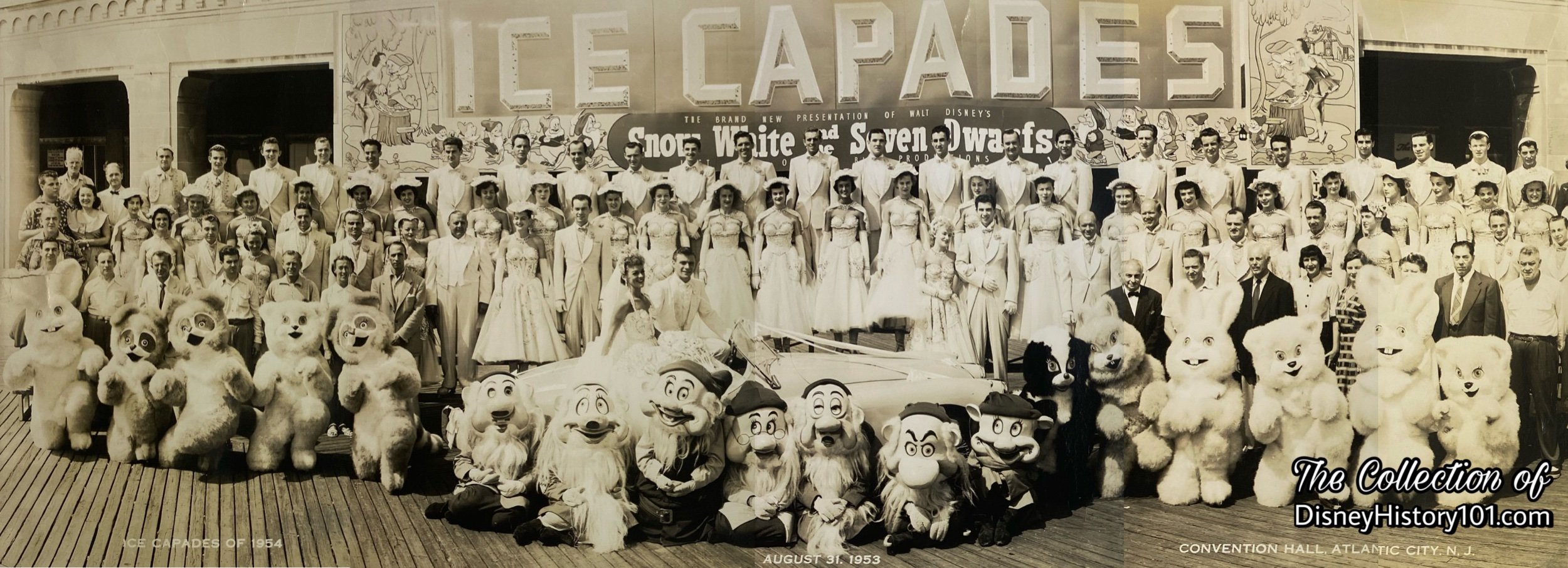
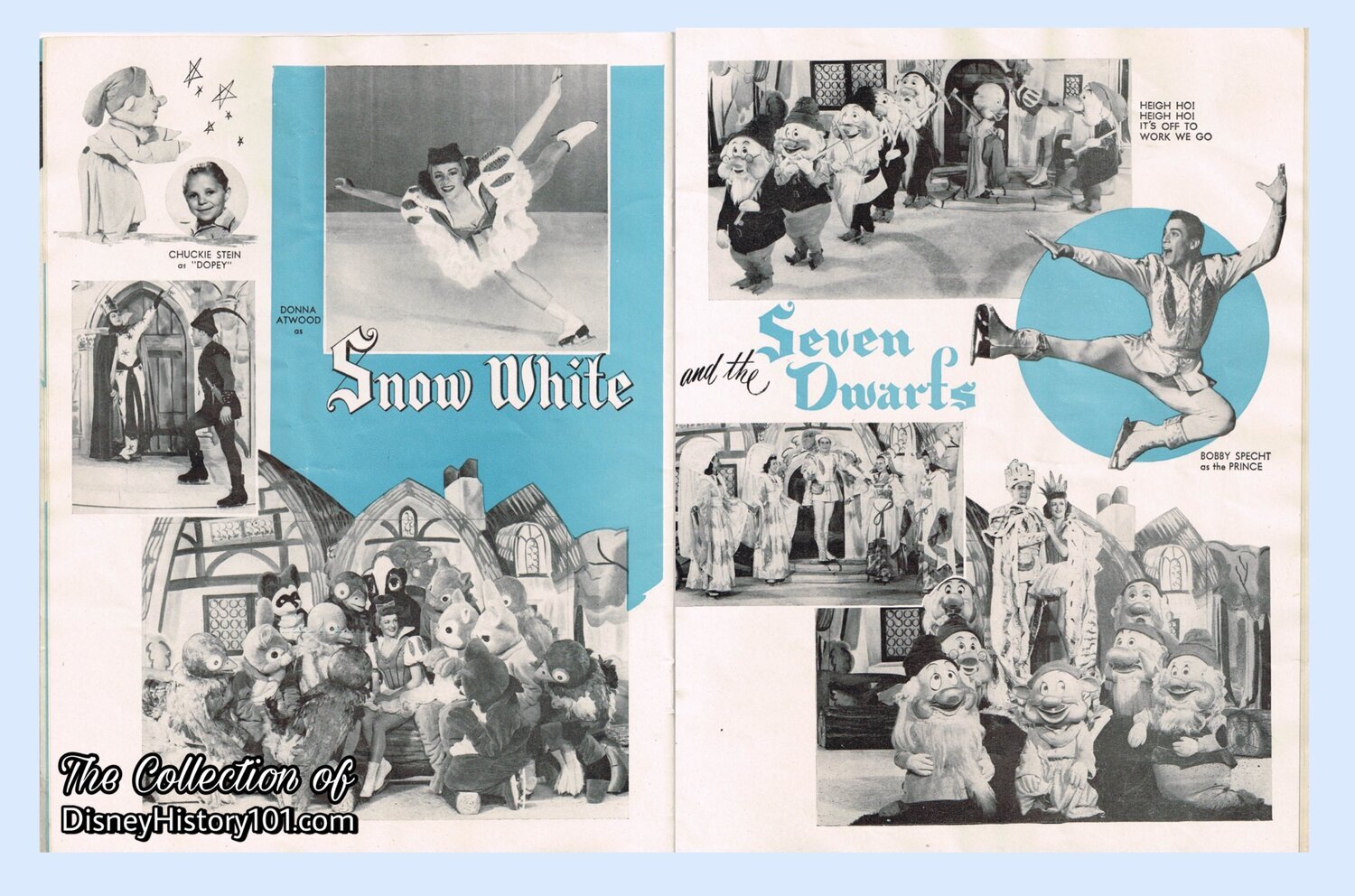
“‘FROM SCREEN TO STAGE’” - Walt Disney’s cast of Snow White and the Seven Dwarfs delighted theatrical crowds in 1938! Now, through a special agreement between Walt Disney and John H. Harris (who created the figure skating extravaganza “The Ice Capades”), a presentation of “Snow White and the Seven Dwarfs” was negotiated to appear as the 11th of 24 acts, during the 1949 Ice Capades - nearly a decade after the namesake, award-winning film was released, and an entire six years before Disneyland opened!
These very incarnations of the Dwarfs would go on to be featured in the Mickey Mouse Club Circus at Disneyland. But for now, all of the characters were portrayed by professional figure skaters - Donna Atwood (Snow White), Bobby Specht (Prince Charming), Francine Benoit (The Wicked Queen), Helen Davidson (The Wicked Queens “Even More Wicked Transformed Self”), Herbert Cowman (The Faithful Huntsman), Jill Bruhinger (Grumpy), Nona McCarthy (Happy), Nadine Jackson (Doc), Jack Bruhlinger (Bashful), Ursula Welsch (Sneezy), Julie Jacks (Sleepy), and Chuckie Stein (Dopey). In addition to these principle characters, were a cast (including three Trees of the Haunted Forest, and the “Birds and Animals of the Forest”!
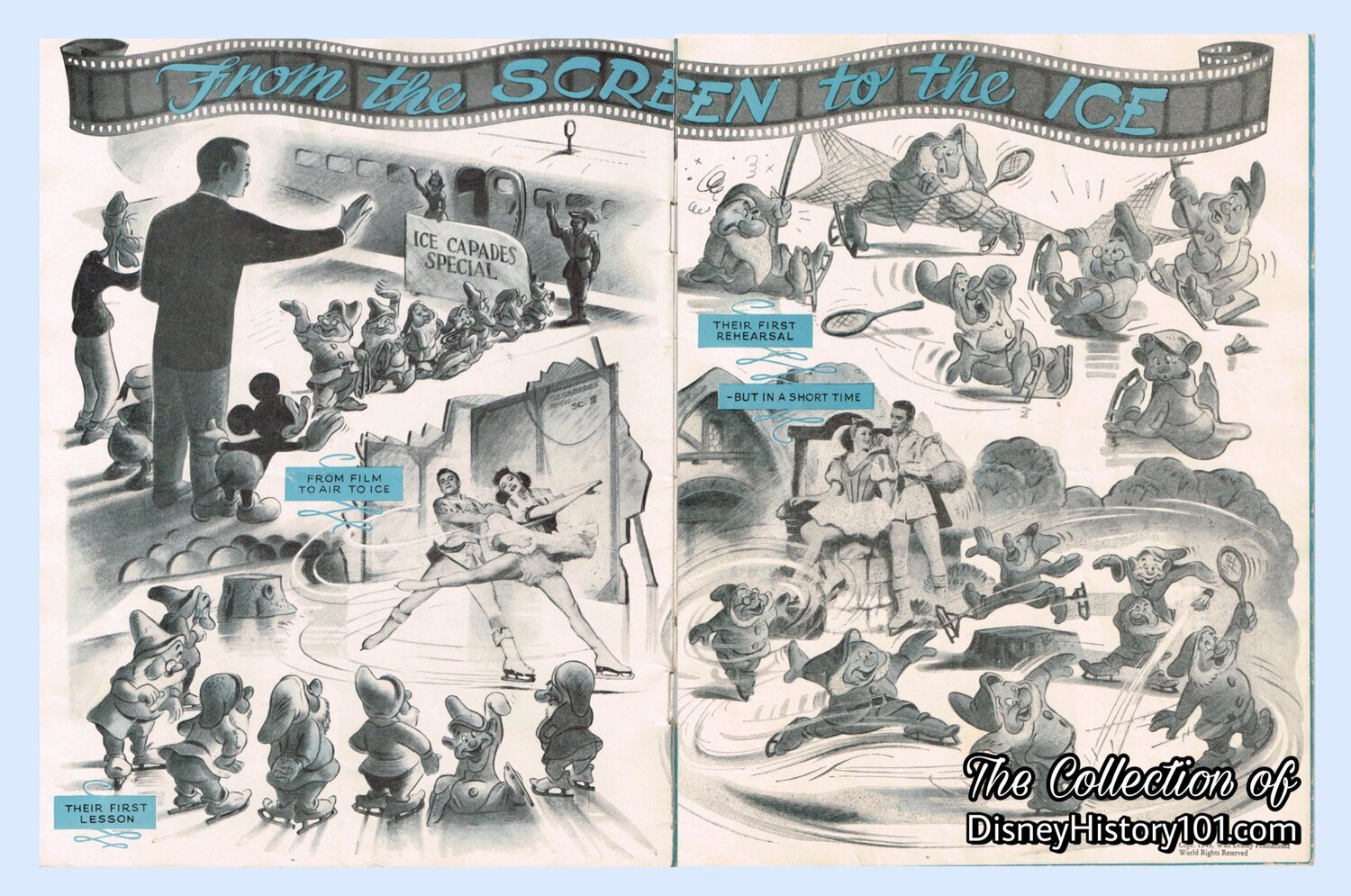
You’ll notice that Walt Disney, Mickey Mouse, and Donald Duck have come to see the cast of Snow White and the Seven Dwarfs off, as they depart for their country-wide 1949 tour. However, none of those characters would appear at the Ice Capades that year (except of course, for Walt Disney)!
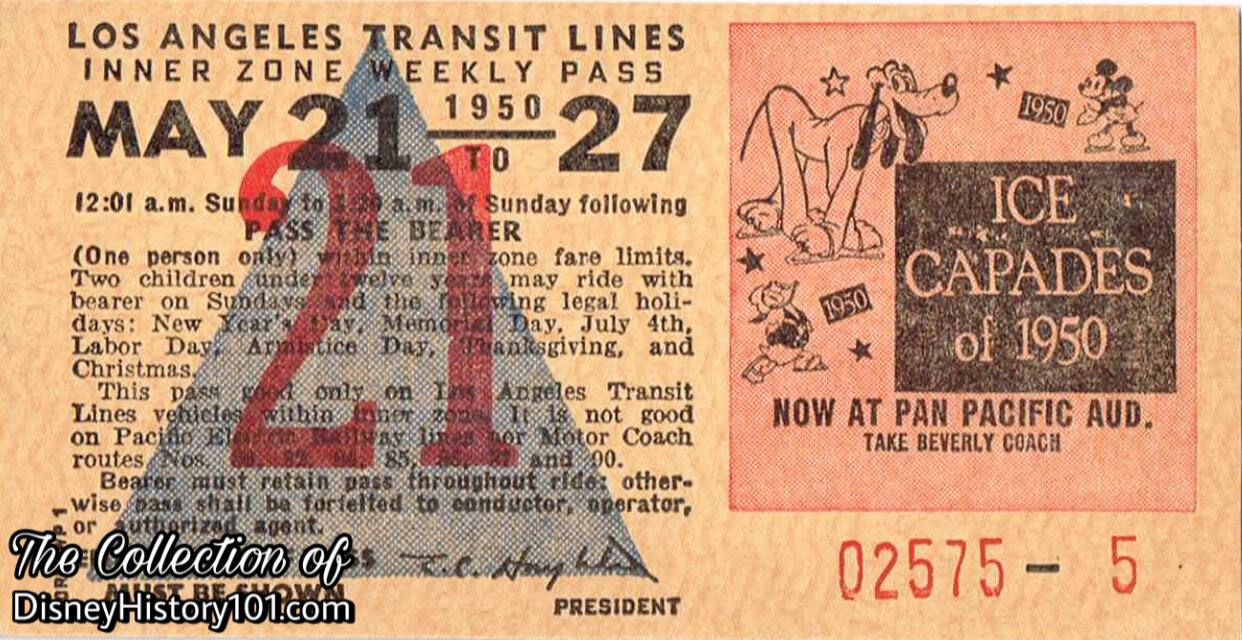
The big performance of the 1950 Ice Capades was clearly the come-to-life versions of Walt Disney’s popular characters, as seen on this ticket!
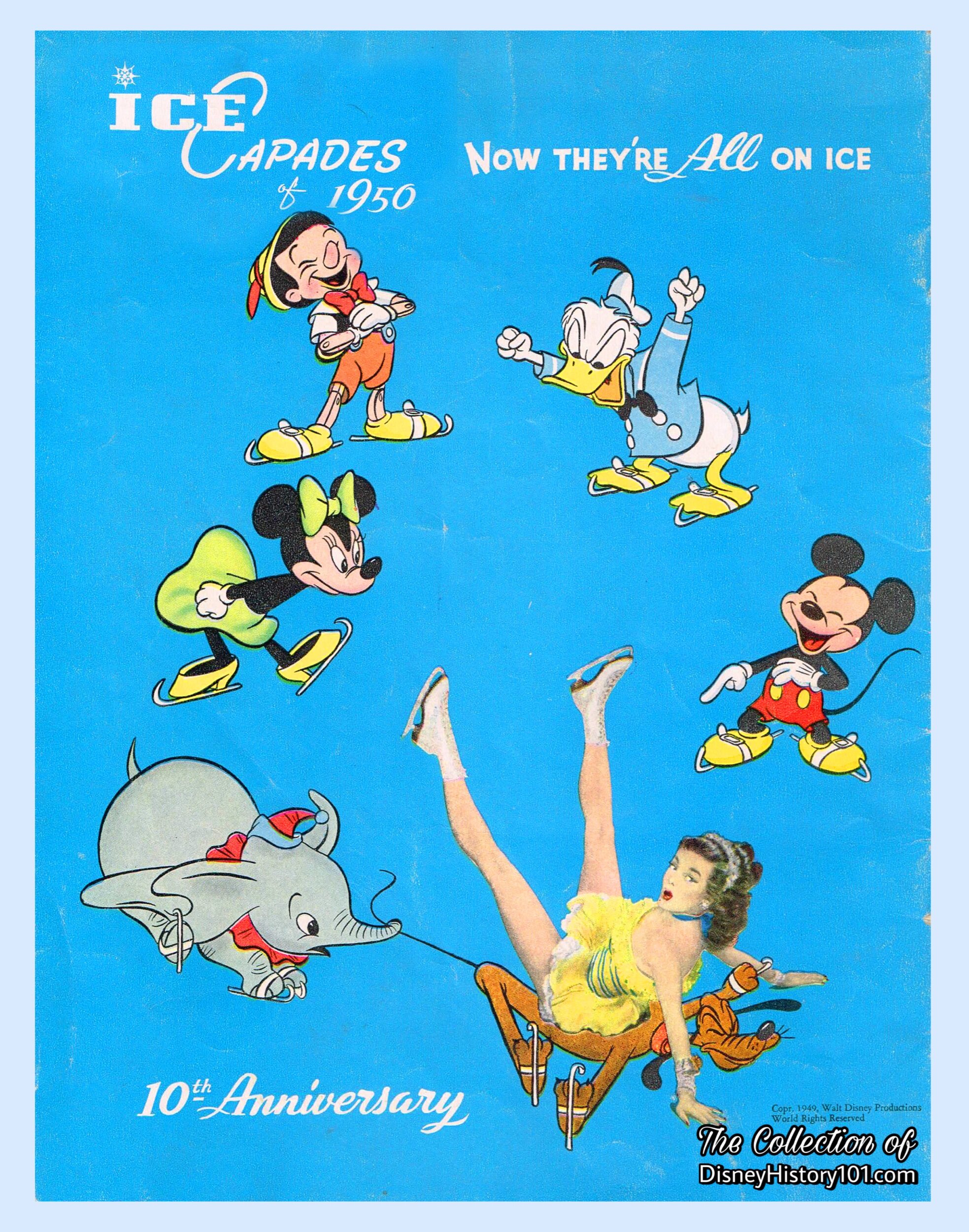
The following year (in 1950), Mickey Mouse, Minnie Mouse, Dumbo, Pluto, and Pinocchio appeared for the first time in the Ice Capades act “The Toy Shop”. These early character costumes were used (by special permission of Walt Disney) provided by John H. Harris (Producer of the Ice Capades) and ergonomically designed for an Ice Capades show.

These are “Walt Disney’s fanciful characters” as they appeared in the Ice Capades production of the “Toy Shop” in 1950. The black and white photographs of these endearing characters just never do them justice. In this color image, you don’t seem to notice the “air vents” as much, for one thing. These charming representations are most remembered by Ice Capades patrons, because for the first time (in years) Mickey, Minnie, Donald, (and their pals) were brought to life - this time through the magic of the Ice Capades! You may notice that a newer version of Dumbo appeared (which differed from the One seen in the Ice Cycles). It was this version that would ultimately make a couple of brief appearances in Disneyland parades (and even the Mickey Mouse Club Circus) a few years later. You might also note, that this incarnation of Donald Duck would also appear in a few parades at Disneyland, while driving his nephews aboard one of Mr.Toad’s motorcars.
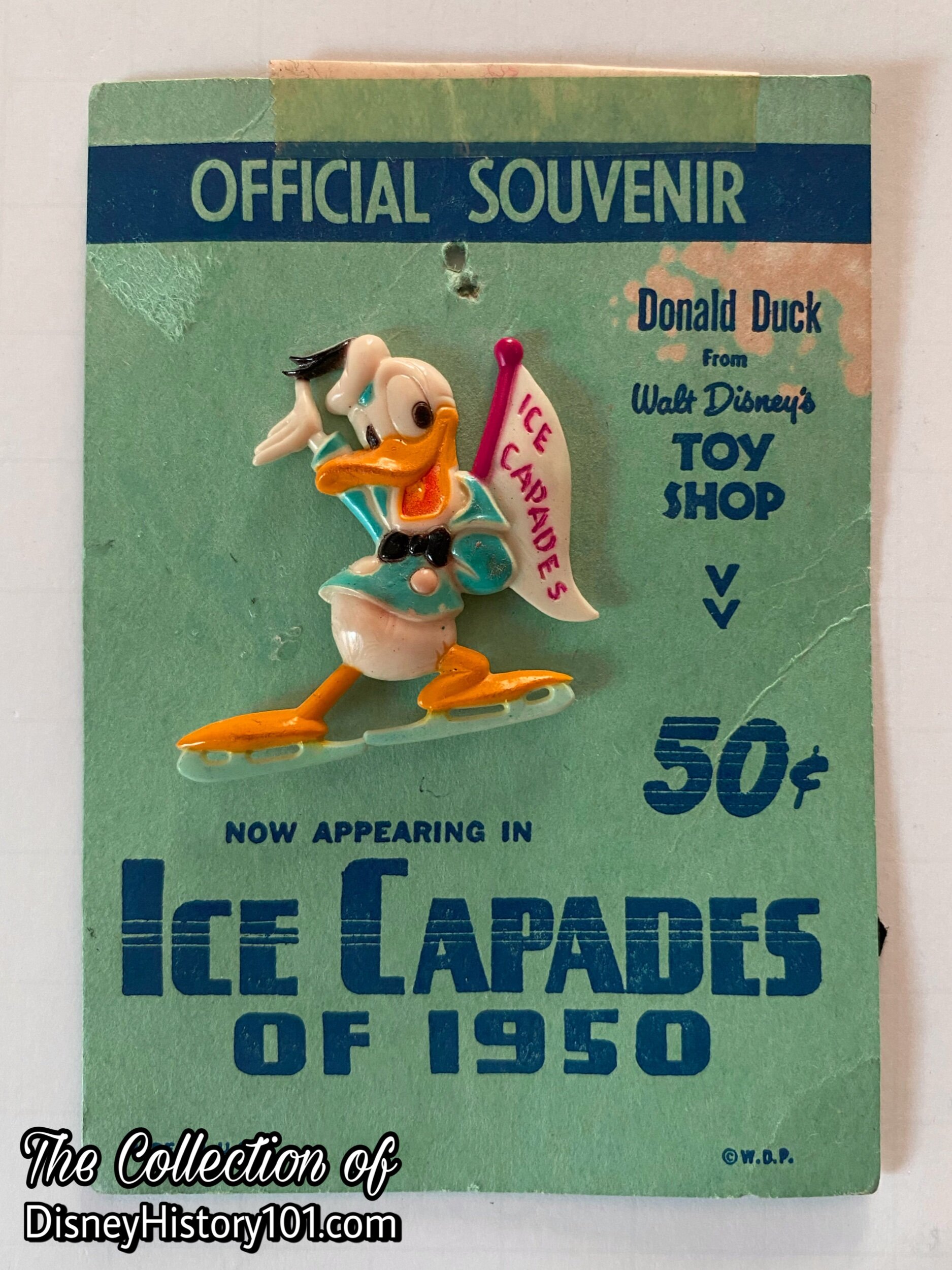
These characters were popular, and endearing - so much that character merchandise was manufactured and sold. Donald Duck’s “come-to-life,” ice skating, character debut was commemorated with souvenir pins like this one!
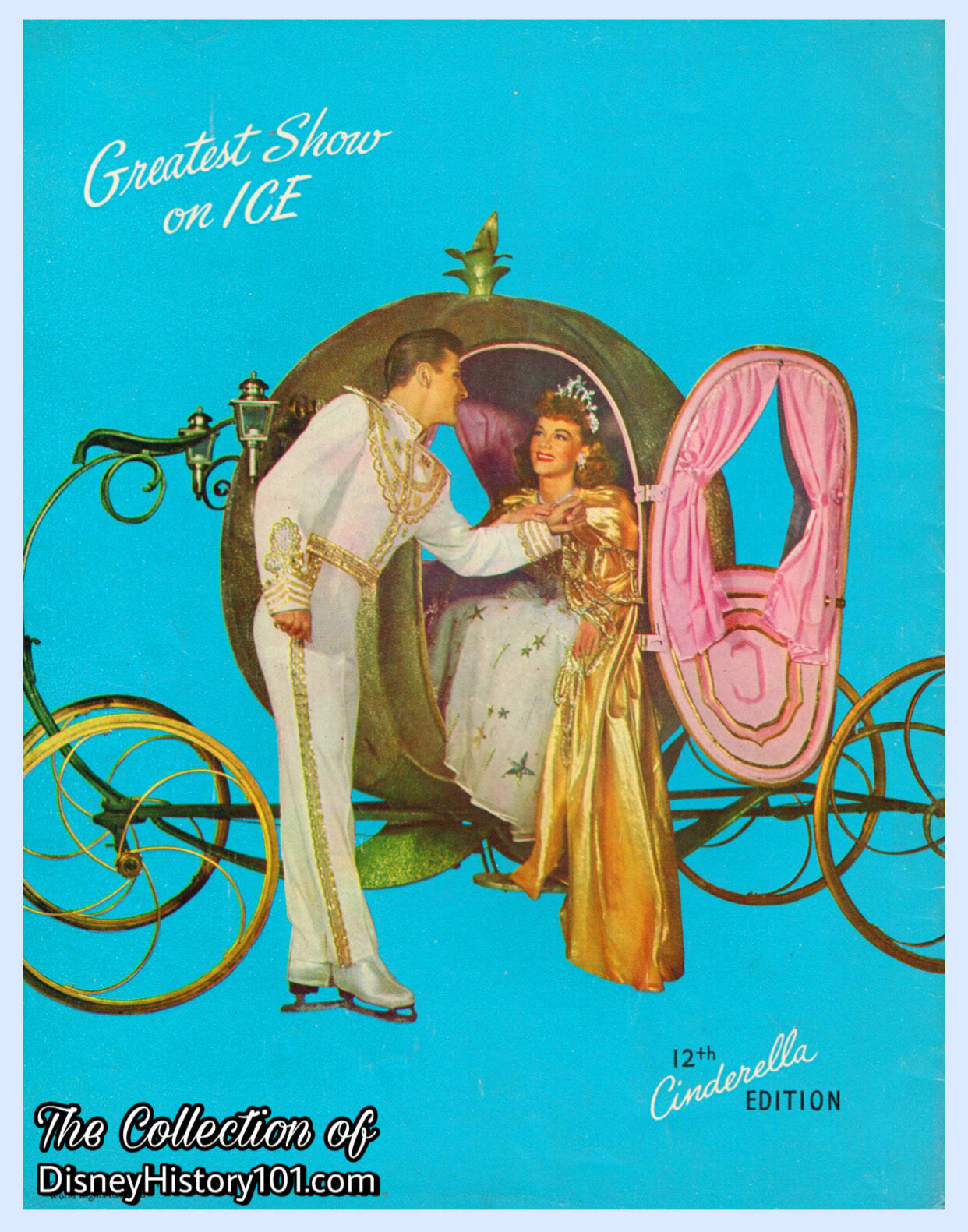
Next, a production of Walt Disney’s Cinderella defined the Ice Capades of 1952, its characters appearing on programs (pictured), and in some Disneyland parades (within a few years). Let’s take a look at some of them below.
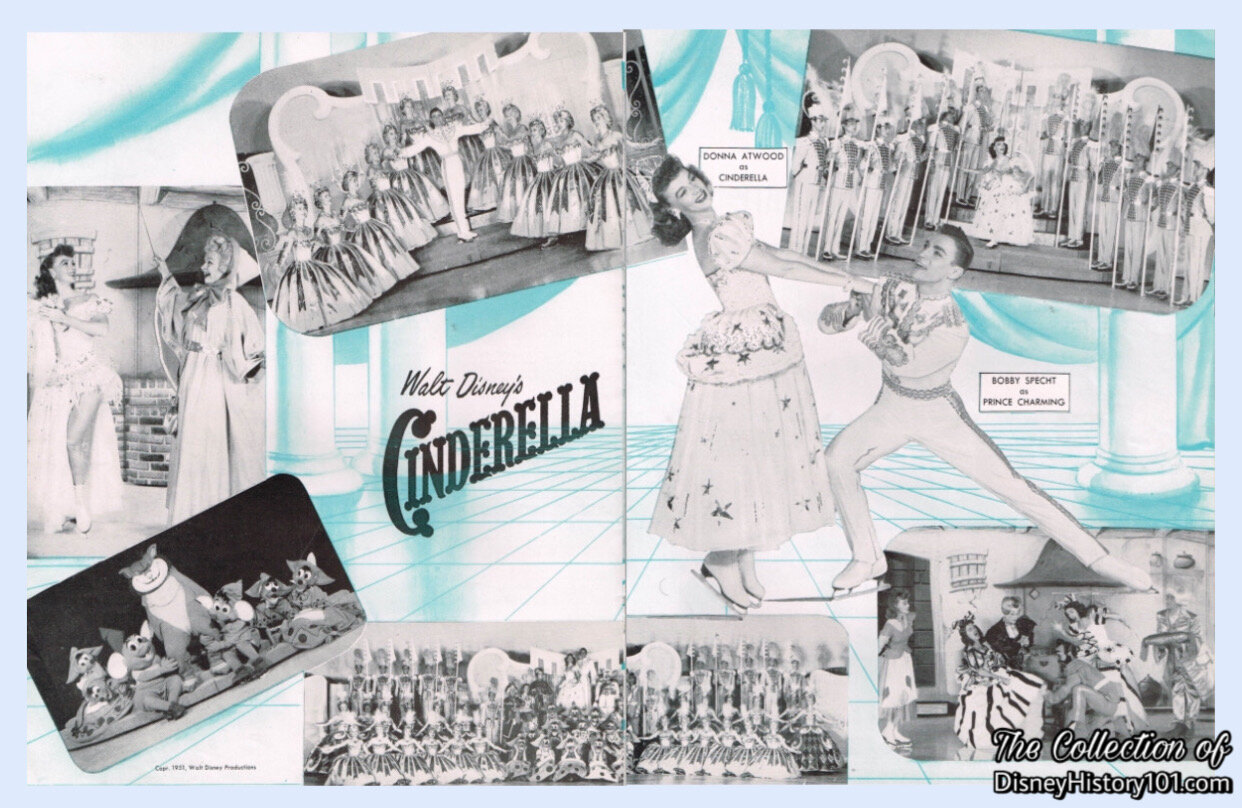
“The sweetest story ever told” - Cinderella - had one of the largest Ice Capades casts yet - Cinderella (Donna Atwood), Prince Charming (Bobby Specht), The King (Orrin Markhus), The Stepmother (Irma Thomas), The Stepsisters Anastasia (Jeanne Sook), Drizella (Patti Phillippi), The Grand Duke (Herbert Cowman), Jaq (Paul Castle), Gus-Gus (Alma Castle), Fairy Godmother (Joan Comerford), Lucifer (Joe Setta and William Brown), Herald (Lyall Stevenson), “Walt Disney Mice” (portrayed by 16 individuals), Ladies of the Court (portrayed by 40 individuals), and Officers of the Court (portrayed by 16 individuals)!

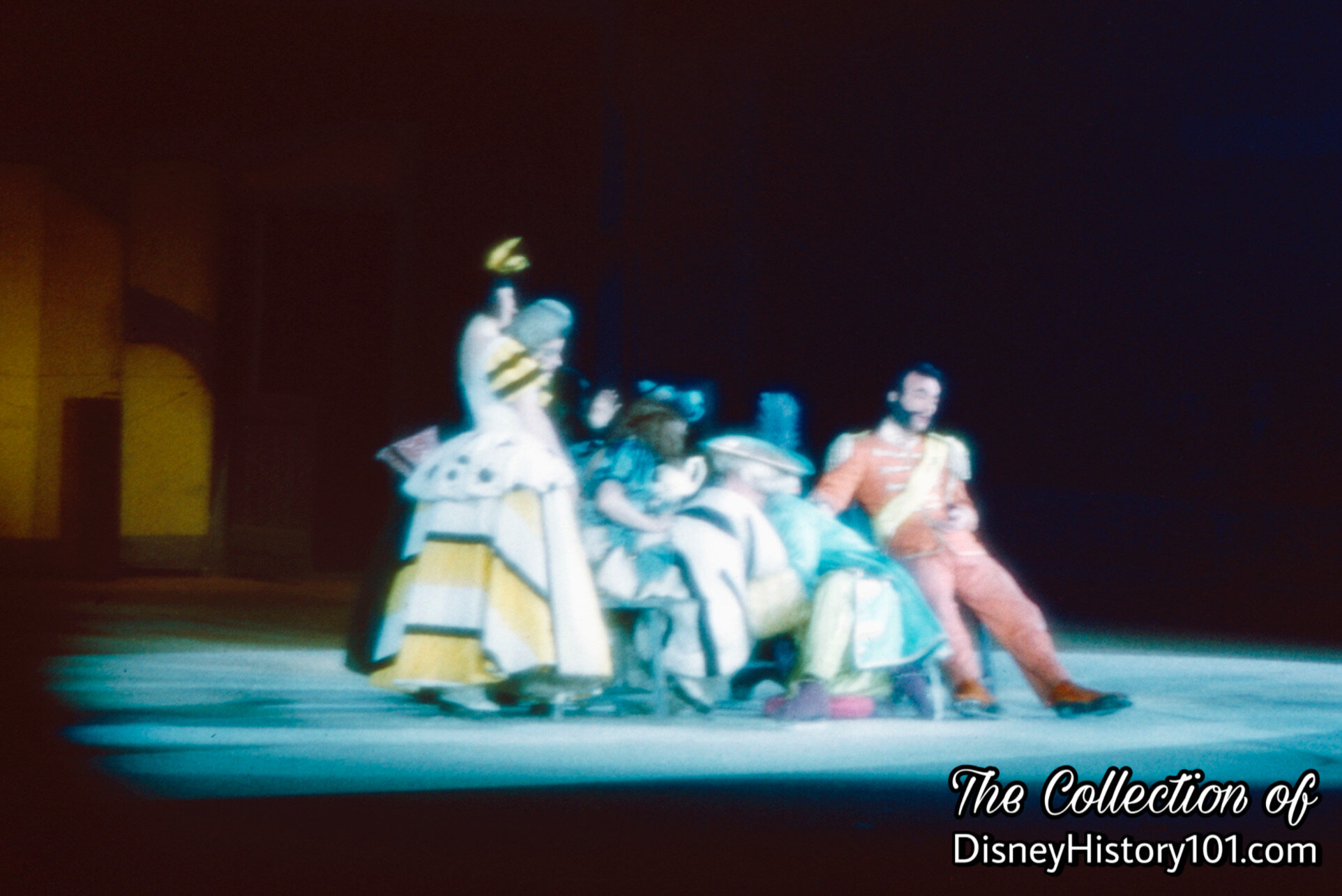
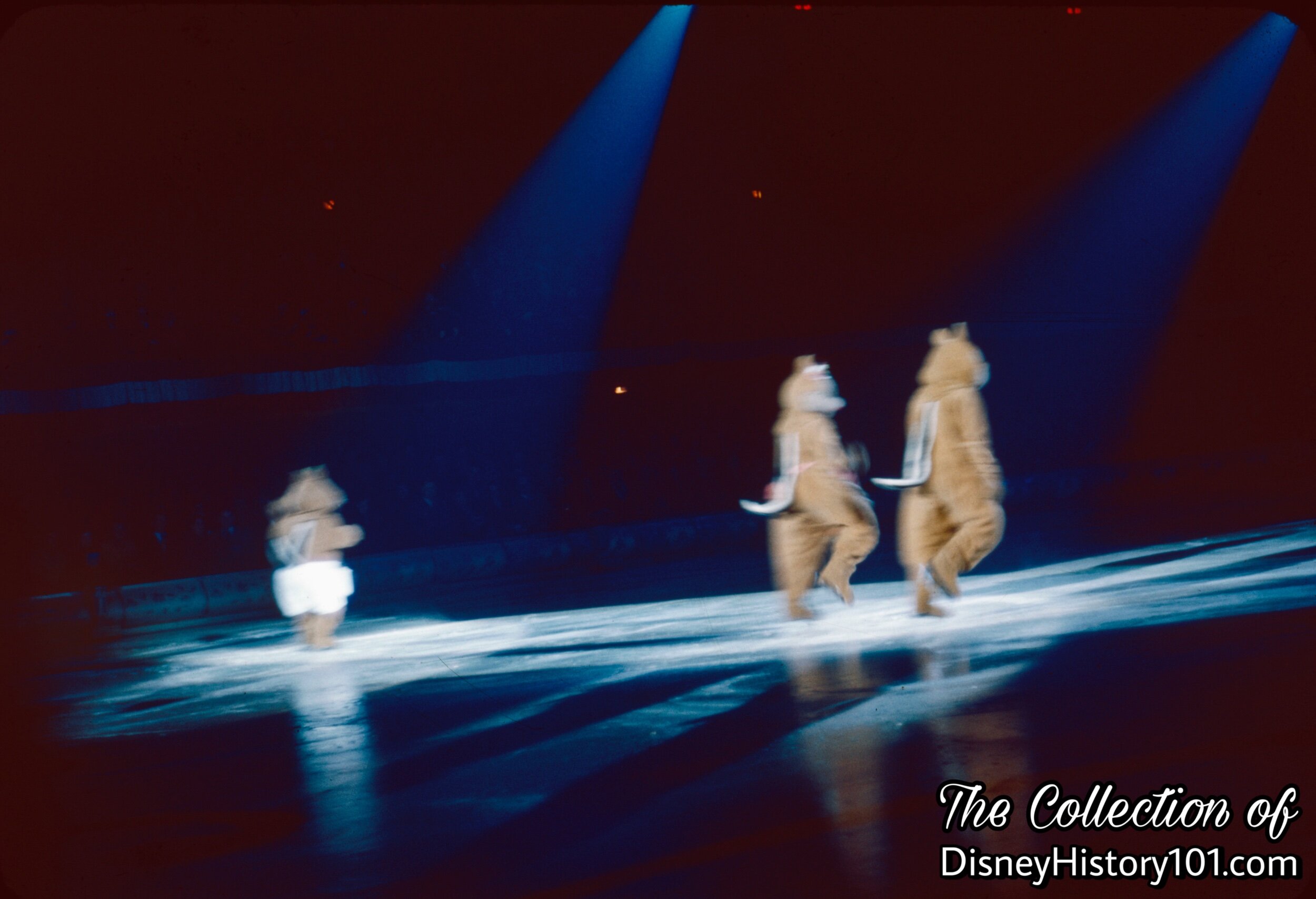
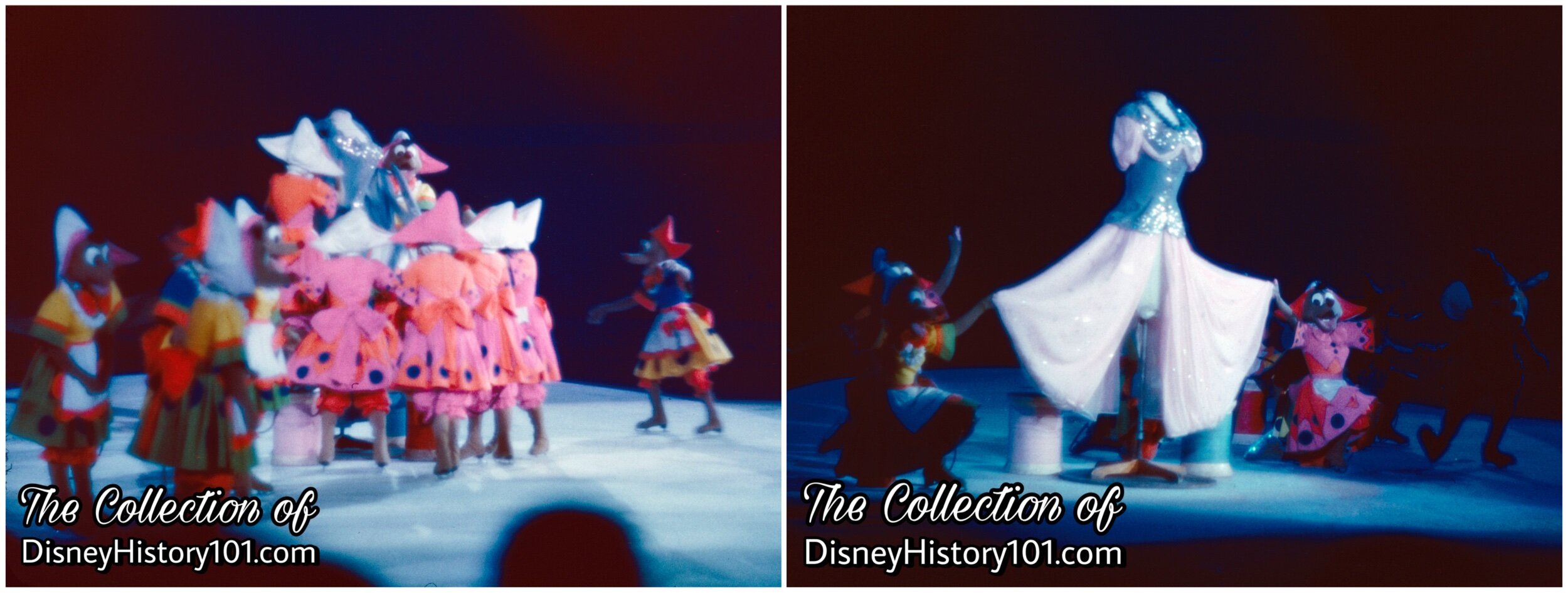
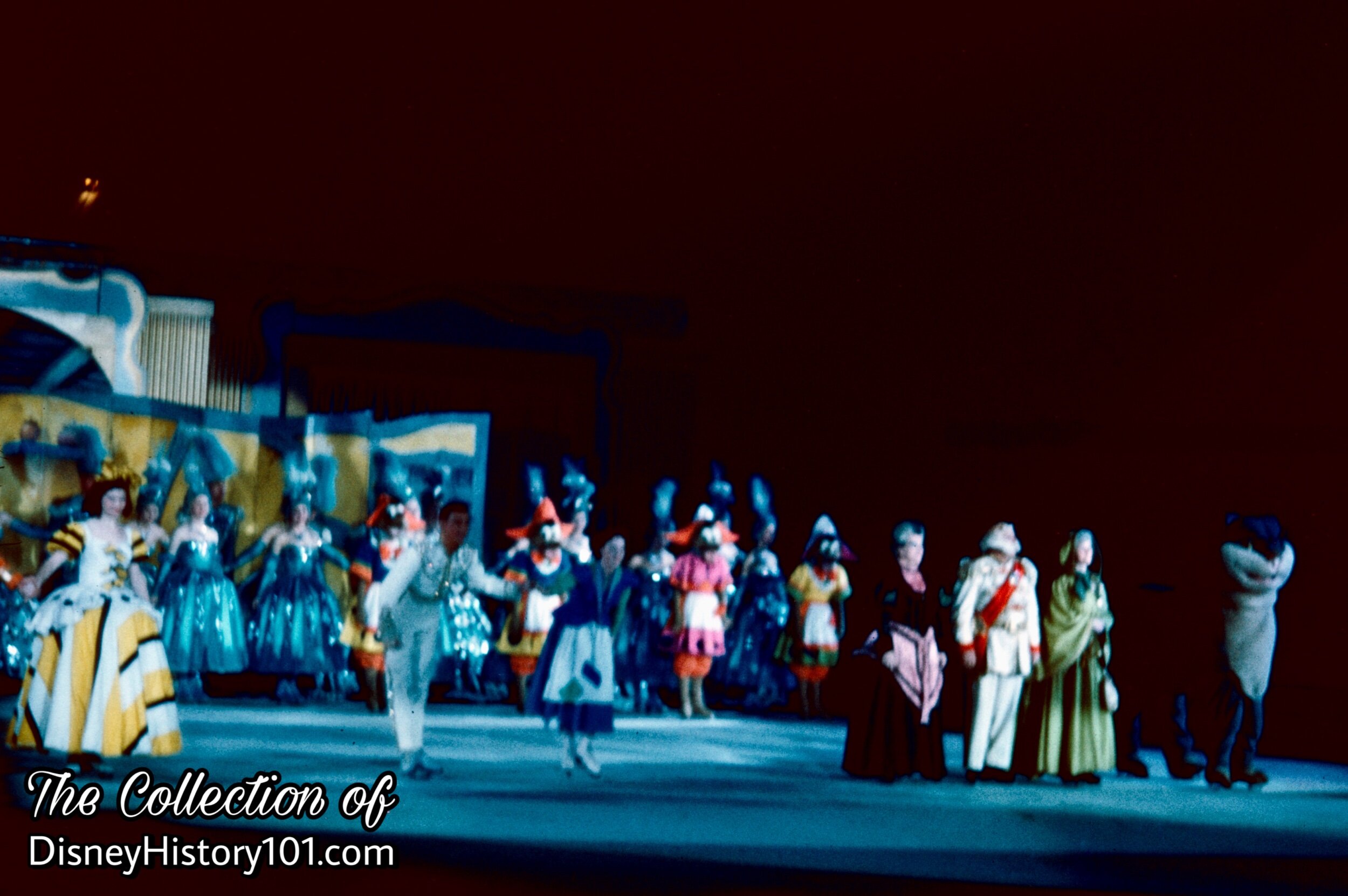
Yes, some of these characters would also go on to appear in seasonal Disneyland parades!
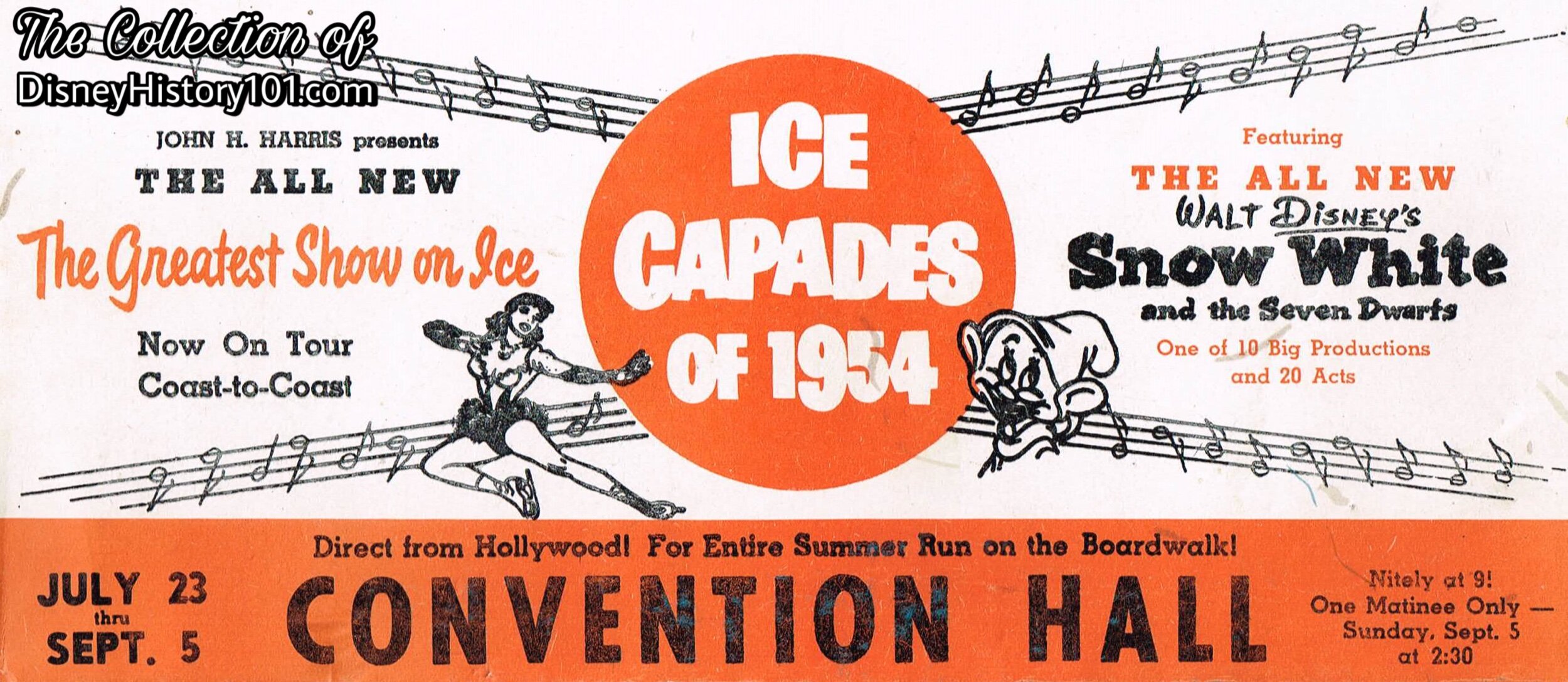
(Pictured Above : Ice Capades of 1954 Advertisement)
A few years passed without any licensed Walt Disney characters appearing in the Ice Capades. Then, Walt Disney’s Snow White and the Seven Dwarfs appeared again during the Ice Capades of 1954. The characters, costumes, props, and scenic illustrations (including those of Walt Disney licensed characters and themes) produced for the show, were all created at the new half-million-dollar, 25,000 square-foot, Ice Capades Studio (in Hollywood, California). However, it is surprising (considering Walt’s promotional efforts through the mediums of television, radio, and even the Tournament of Roses Parade) there was no promotional Disneyland-related Ice Capades segment during 1954 or 1955 (though Walt Disney’s Peter Pan toured with show during 1955)! Of these were the very Disney Characters that appeared (in the 1950 Ice Capades production of “The Toy Shop”.
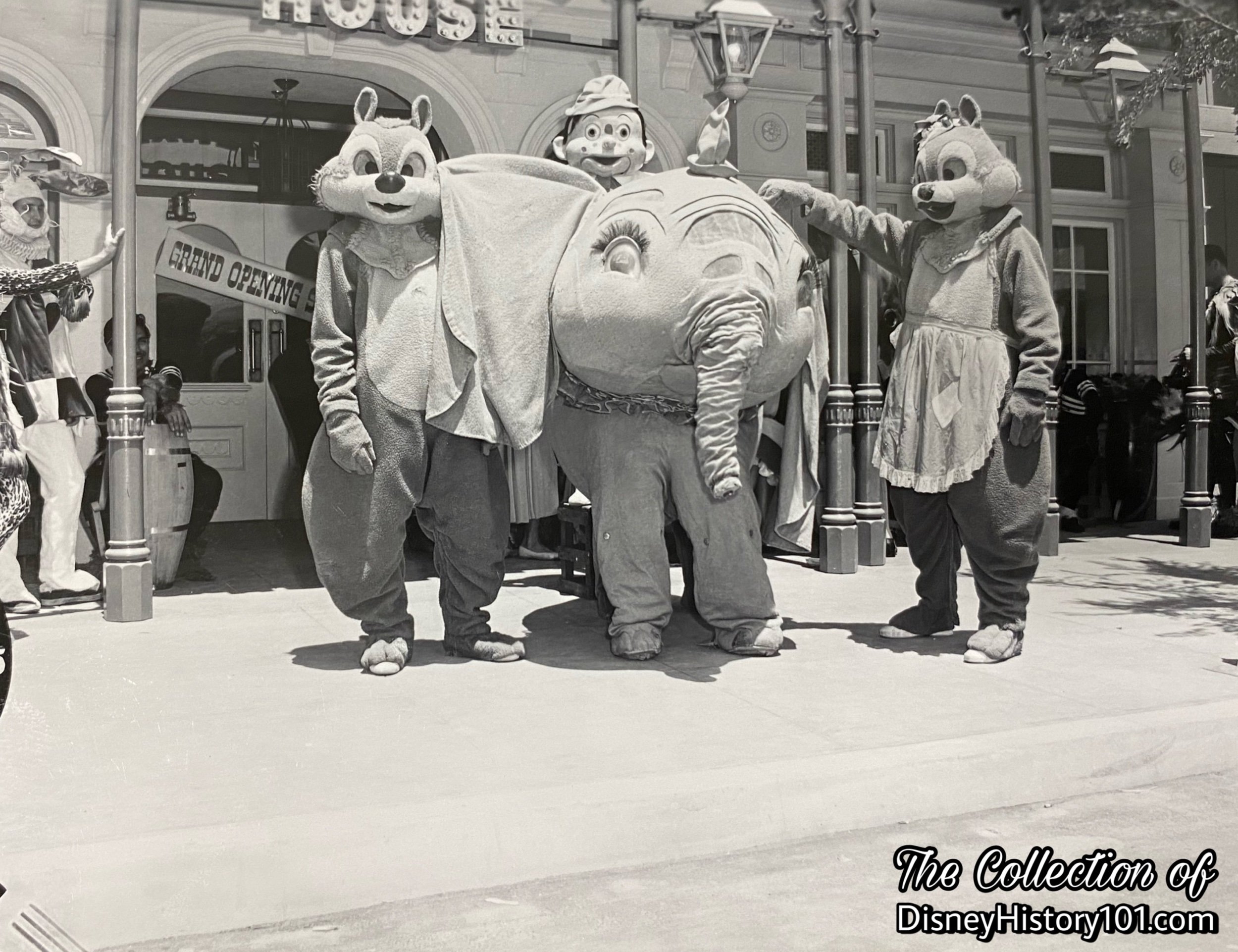
“1955 - John Harris & Disneyland”
Since the beginning, Disneyland would begin to synergistically work with Walt Disney Studios and keep the Disney characters before the public. When Disneyland opened in July of 1955, there were 1,280 costumed Hosts and Hostesses, that appeared at Disneyland. Many of the costumes for these were provided by Chuck Keehne (Chief of the newly established Walt Disney Studio Wardrobe Department, and co-designer of the Mickey “Mouse-ke-ear” hat for the television series). Beginning on July 17th, 1955 (in a special arrangement between John H. Harris and Walt Disney), the Disney Characters appeared in the televised Press Preview Day Broadcast. After this, the Disney Characters (and costumes provided by John Harris’ Ice Capades) would continue to appear at Disneyland numerous times during Disneyland’s first year of operation, including the Opening Day Press Preview Parade and in the Mickey Mouse Club Circus (which was held during the Park’s first winter season of 1955). Chuck Keehne would oversee the Wardrobe for one of Disneyland’s first big events - the Mickey Mouse Club Circus, during the fall and winter of 1955! As for the pageant helpers, each would attend an orientation class, to assure that they would “create happiness for others.”
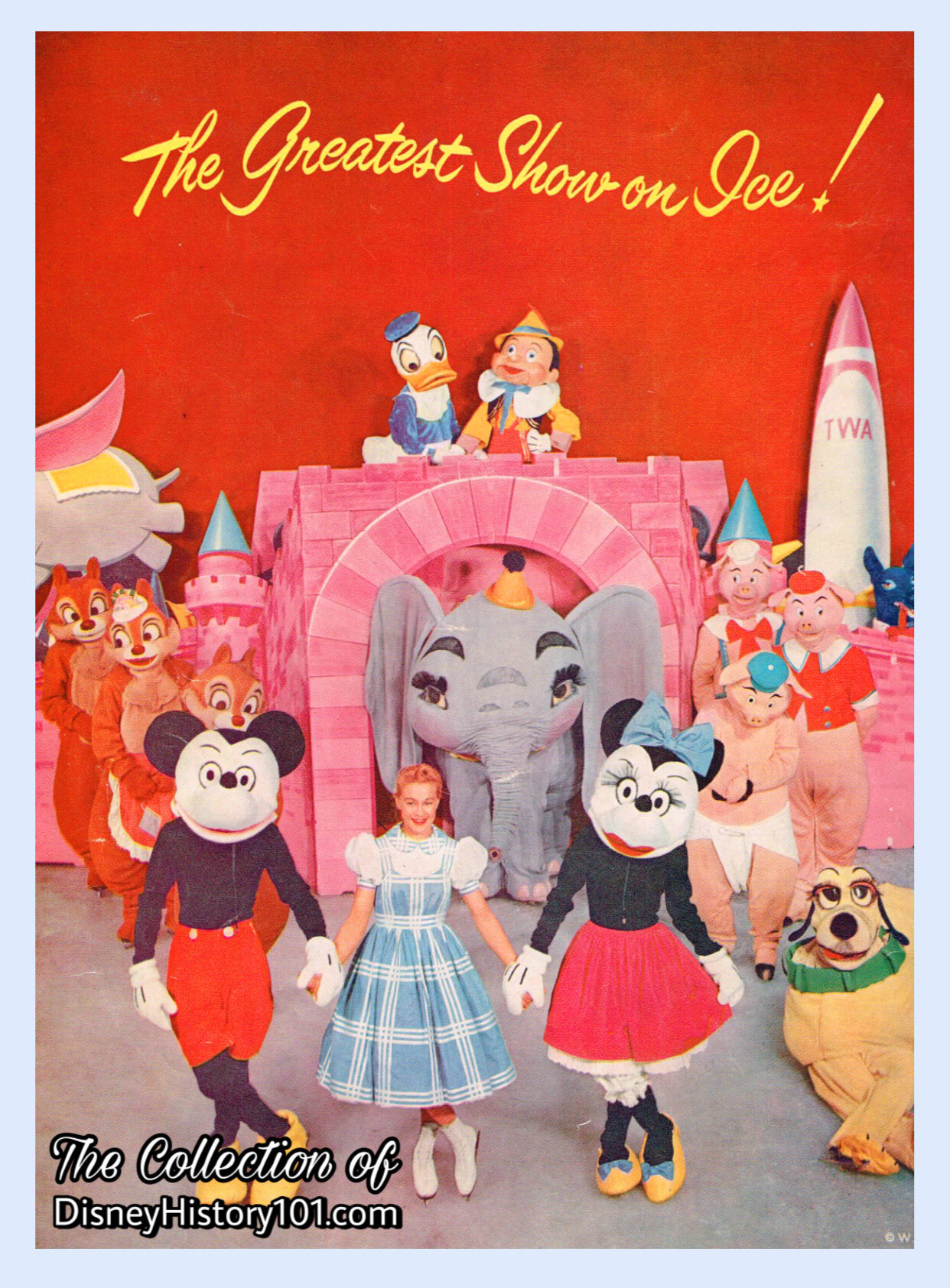
After Walt Disney’s magical characters (pictured above) marched through the streets of Disneyland in the Press Preview Day Parade (of July 17th, 1955), the magic of “Disneyland” came to the Ice Capades (in 1957)! All of this was made possible through a synergistic special arrangement between Walt Disney and John Harris.
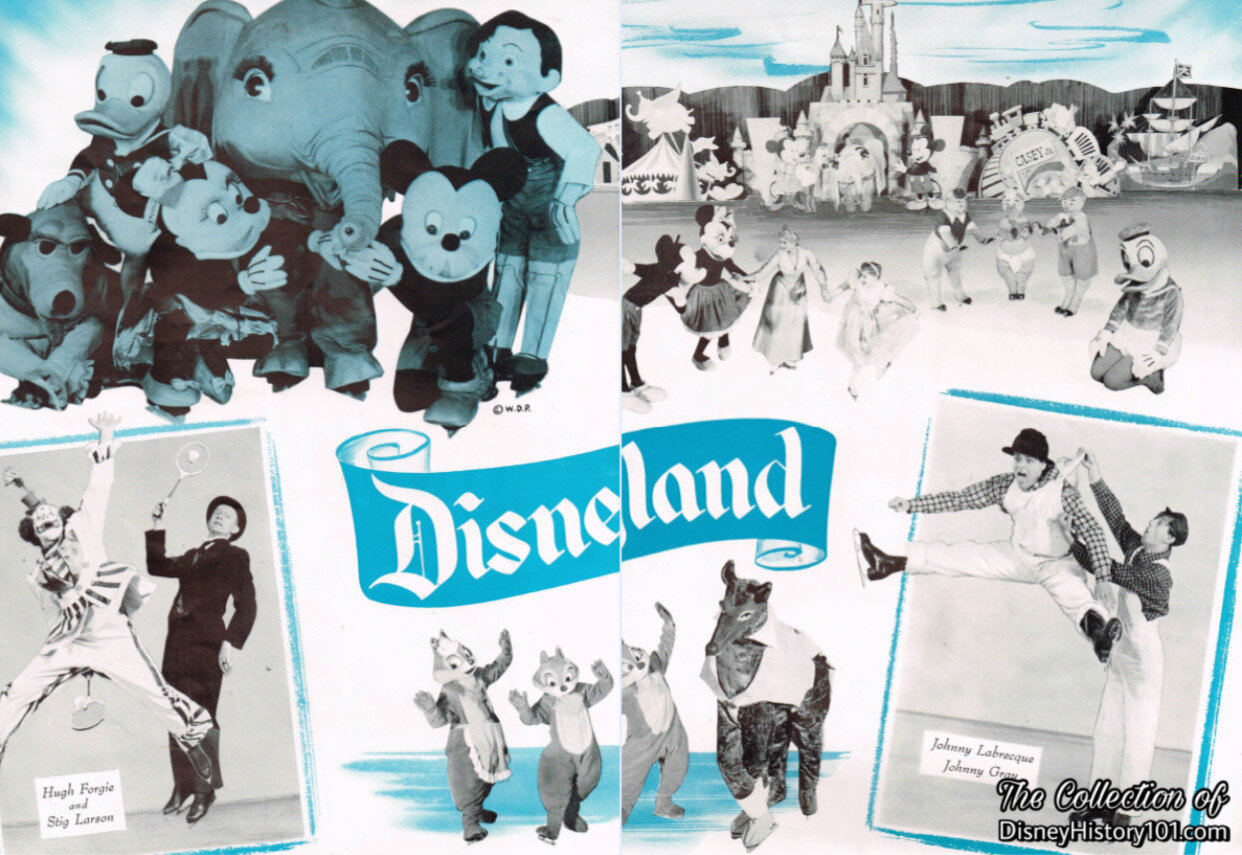
At long last, during 1957 (a few years after Disneyland opened), “the greatest show on ice” featured a special production entitled “Disneyland”! This segment starred Mickey, Minnie, the Three Pigs, the Big Bad Wolf, Chip, Dale, Clarice the chipmunk, an all-new version of Dumbo, Pinocchio, Donald, Pluto, original characters Little Joan & Mother, and Three Rabbits (who would later make appearances in Disneyland’s seasonal Springtime and Wintertime parades). During this time, it was common to see Ice Capades characters (like Fifi the Poodle, Maude “the Comedy Mule”, and Scottie) make appearances in seasonal Disneyland parades like the Parade of the Toys and even the first few seasons of Fantasy on Parade.
DISNEYLAND LEGACY : John Harris would loan the characters to Disneyland for the big televised opening, and continue to loan them to Disneyland for some time thereafter. The Disneyland characters continued to be featured in Ice Capades acts into the early 1960s.
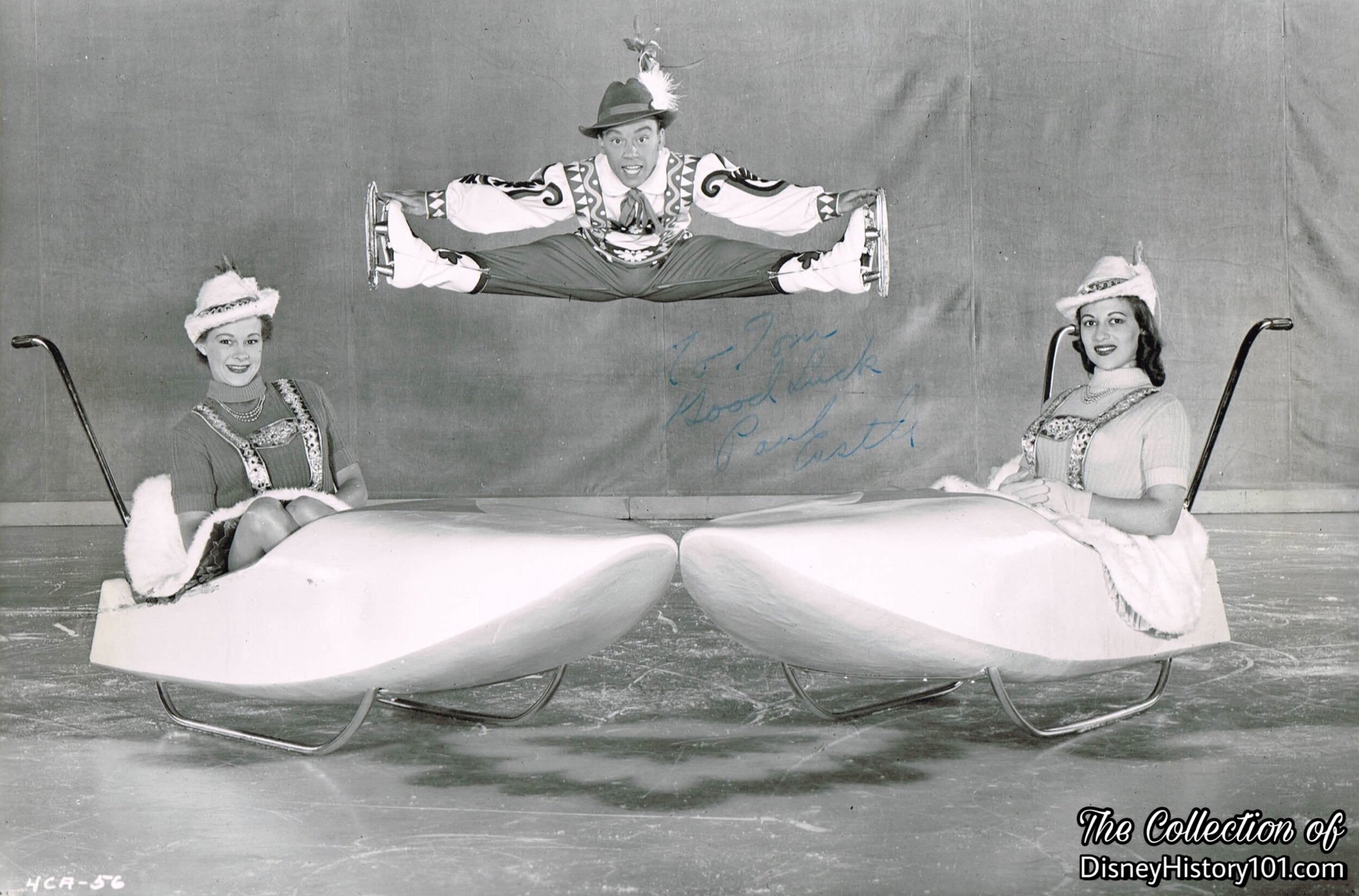
DISNEYLAND LEGACY : More than Walt Disney’s cast characters from the Ice Capades went to work for Disneyland. The 42-inch-tall Paul Castle originally performed with the Ice Capades, but would go on to give life to Mickey Mouse during his decades of Disneyland appearances. Paul Castle was even present during one of Walt’s final appearances with Mickey Mouse, at a Tournament of Roses Parade, and continued to be affiliated with Mickey until January 31, 1986!
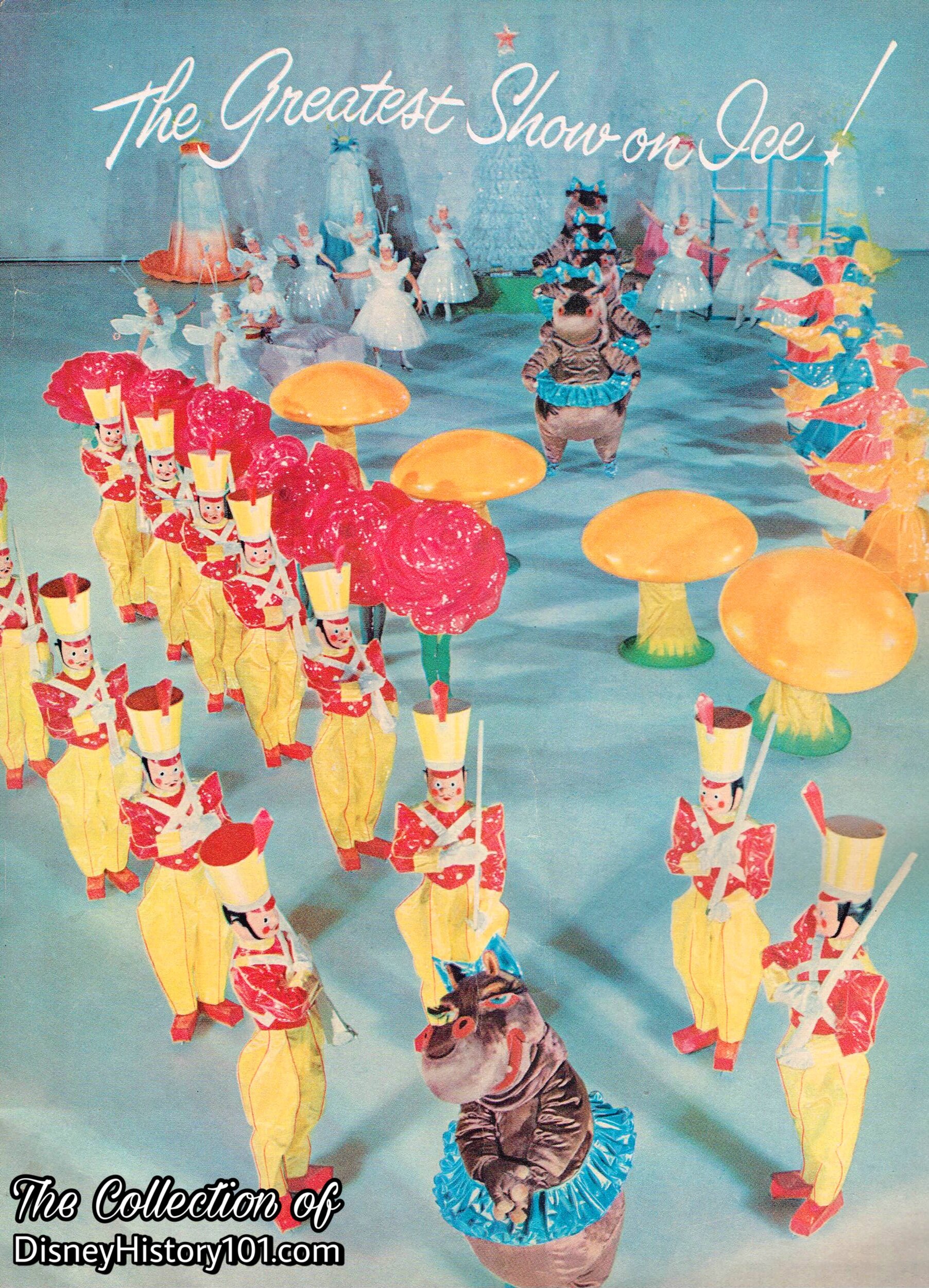
Walt Disneys Fantasia as interpreted from the Nutcracker Suite comes to the ice for the eighteenth edition of the Ice Capades! Some of the last characters used (with special permission by Walt Disney) were of the cast of Walt Disney’s Fantasia. They appeared in segments of the Ice Capades, and on souvenir merchandise (like hats, pins, and pennants), from 1961-1962. Some of these same Fantasia characters (hippos and mushrooms) would also appear in contemporaneous Disneyland parades those years!
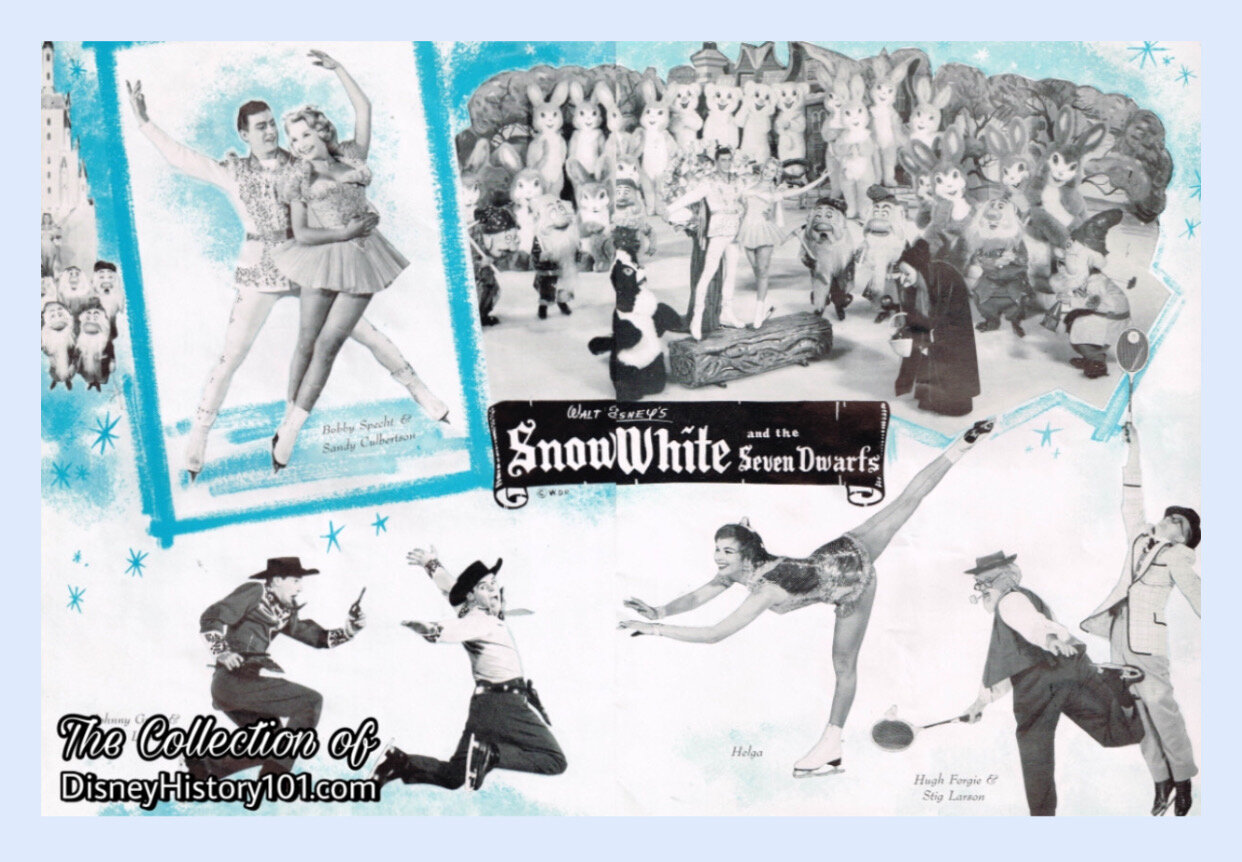
This program excerpt gives us a look at the woodland animal cast that appeared in the show (which later appeared in some seasonal Disneyland parades), as well as the newest cast of Snow White and the Seven Dwarfs. Snow White (Sandy Culberson), Prince Charming (Bobby Specht), The Witch (Diane Grogan), Six of the Dwarfs (The Ice Ca”Pets”), Dopey (Paul Castle), The Enchanted Trees (The Ice Cadets), The Rabbits (The Ice Ca”Pets”), The Bears (The Ice Ca”Pets”), and The Dancing Elephants (yes, elephants in a Walt Disney Production of Snow White and the Seven Dwarfs, portrayed by none others than the Ice Cadets)!
In the following act - a non-Disney performance - Maude (Mrs. Astor’s Pet Mule) returned to the Ice. You may recollect that Maude made a few cameo appearances in Disneyland parades.
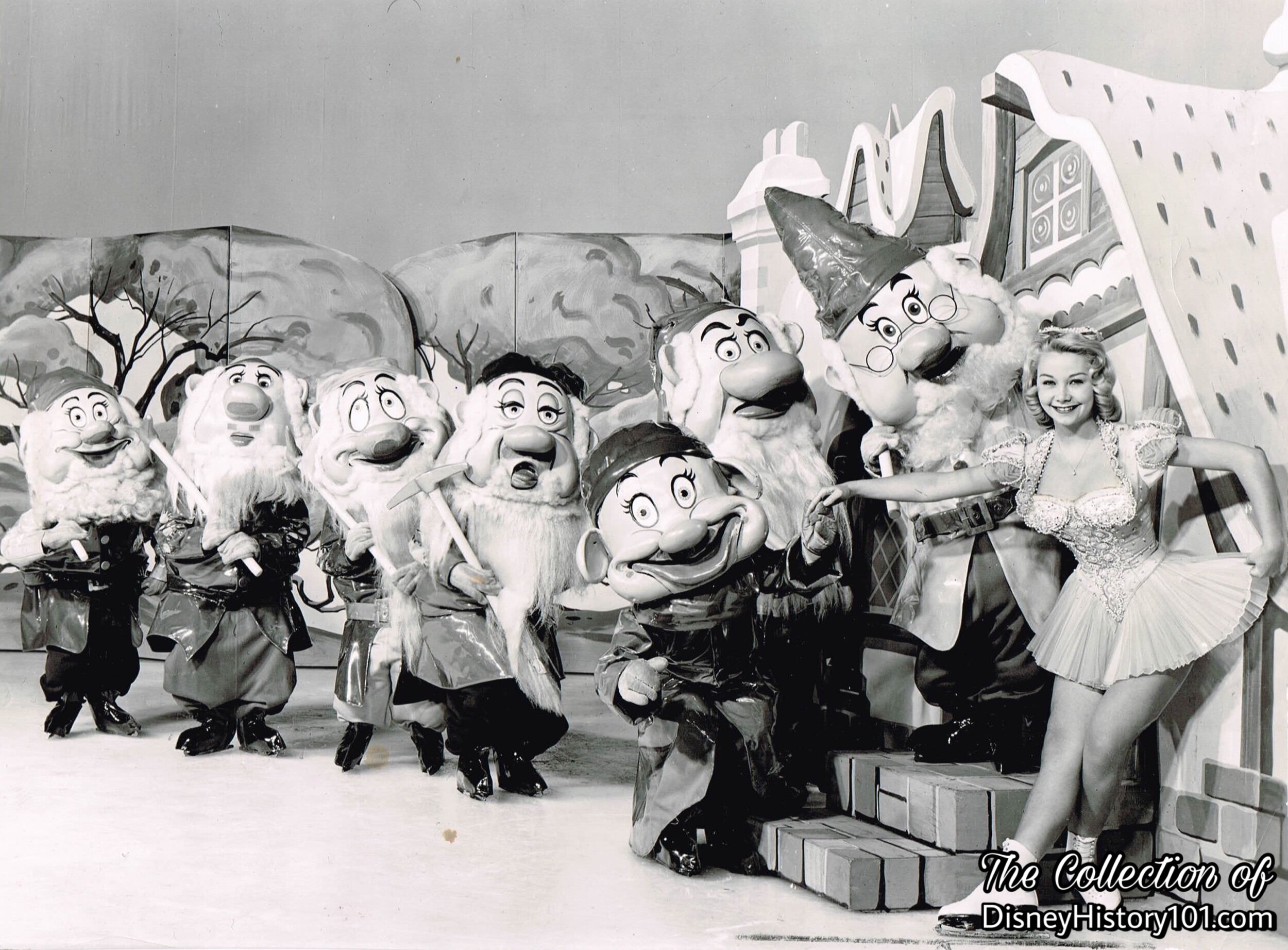
Snow White and the Seven Dwarfs returned yet again, to the Ice Capades 1959. This press photo gives a great view of early versions of the Seven Dwarfs that appeared on Disneyland’s opening day, and eventually made seasonal appearances inside Disneyland right up to the spring of 1961.
The 22nd Ice Capades (of 1962) brought back previous versions of Disney Characters (which no longer appeared in the Park) into a show called “Disneyrama”. Later, another version of the Ice Capades featured a Fantasia segment with Clara, the Wooden Soldiers, “Ballerinas Hippopotamuses”, Sugar Plum Fairies, “Chinese Mushrooms”, and a Dozen Roses.

Walt Disney, on the eve of Disneyland’s first day of operation, promised that “Disneyland will never be completed. It will continue to grow, to add new things, as long as there is imagination left in the world.” The second incarnations of Mickey Mouse, Minnie Mouse, and the Three Pigs (originally appearing in the Ice Capades), made an appearance in Disneyland’s Fantasy on Parade!
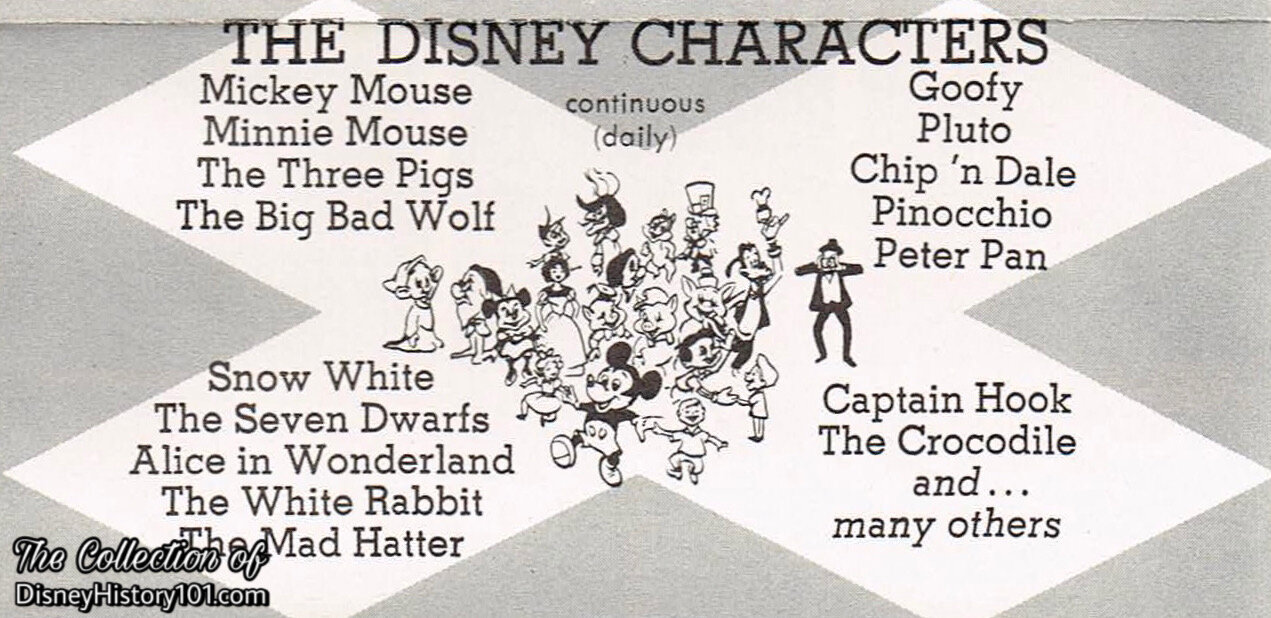
(Pictured above : Like the musical acts of the Dapper Dans, Keystone Kops Quartet, and the Shoe Shine Boys, “The Disney Characters” received billing as an attraction inside the Entertainment Guide!)
“The 1960s - The Walt Disney Studio Costume Shop ‘Builds a Better Mouse’ and Reimagines The Disney Characters”
By the 1960s, all the Magic Kingdom had become “a stage where more than 150 professional entertainers …$1,000,000 worth… [were]…showcased daily. Musicians, singers, dancers, even Mountain Climbers and Indians…and a colorful collage of come to life cartoon characters from Walt Disney’s animated films, add a live and lively sparkle to every corner of Disneyland! The big Disneyland show …[started] with the first hour of operation and… [continued] right up to midnight every night (‘til 10 pm on Sunday)!”
Disneyland abounded with Area Entertainment - music and/or entertainment which complement the theme of the area, enhanced the Show, and entertained Guests on a level more immediate and personal than stage shows. Atmosphere entertainment was usually staged among the Guests. And the stars of the show, were those “come to life” characters from Walt Disney’s films, it was now wise to enlist the staff of the Walt Disney Studio Costume Shop (est.1955) on the studio lot in Burbank. Walt Disney Studio Character animators could now easily work closely with the Model Shop staff, and begin to produce functional costumes that were “on model.”
Unlike the Ice Capades’ Disney Characters (which were still in use by The 22nd Ice Capades of 1962), these were meant to be seen at close range and capture the characteristics of the character as much as possible. The team of Walt Disney Studio Character artists Bill Justice and John Hench partnered with Chuck Keehne (Chief of the Walt Disney Studio Wardrobe Department, from 1955-1979) to oversee the creation of new Characters that could “stand up to the rigors of every day use among the guests." By the seventh summer season (or, the summer of ‘61), 40 spectacular life-size “come to life” versions of your favorite Disney characters were ready to perform for Disneyland guests! “Plasterers” worked under the direction of these supervisors, utilizing prefabricated materials (fiberglas, rubber, polyurethane, and others) to fabricate various sculpted Character heads and parts. Joining the Cast were “long time favorites” as “Pluto, Goofy and Figaro the cat…The Three Little Pigs…The Big Bad Wolf… lovable Pinocchio… old Captain Hook, the Crocodile and Peter Pan,” according to “Disneyland News” Vol.1, No.1.
Height Range (a measurement scale) began to determine what costumes each Cast Member could wear.
The Disney Characters would factor into a concept (later popularized through World’s Fairs like Expo ‘67), which Walt pioneered since Disneyland’s earliest days - that of entertaining queue lines with live performers! Frontierland had its gunfighters, while both Adventureland and Tomorrowland had their live musical entertainment. Fantasyland had its “come-to-life” Face Characters like Peg Leg Pirate and the Fantasyland Court Jester. Soon they would be joined by “Mickey and Minnie Mouse, Pluto, Goofy, the Three Pigs, the Big Bad Wolf, Figaro the Cat, Pinocchio, Donald Duck, Chip and Dale, Captain Hook, Snow White and the fabled Dopey, Doc, Grumpy, and all the rest” comprising the cast of “the happiest show on earth.” Some of these were Face Characters (e.g. Peter Pan, Snow White, or Alice). Others were Fur Characters (“nickname for any Character costume that utilizes a Character head regardless of whether or not fur is actually used in the costume”). Some of these debuted on the cover of Vacationland, (Spring, 1961). Disneyland had certainly come a long way from just two life-sized costumed characters!
The Characters were popular, and during the 1960s, characters and costumes (as the Mickey Mouse Club costumes of Mickey, Goofy, and Pluto) were occasionally requested to be rented by affiliated outside parties. By the summer of ‘63 (and again in ‘64), the “come to life” Character Cast in Disneyland numbered 25. “On a summer afternoon, 1963,… in Fantasyland, dozens of Disney characters - Mickey Mouse, Pluto, the Three Pigs and the Bug Bad Wolf, Snow White an the Seven Dwarfs - come to life in people-size costumes,” according to the author of “Walt Disney Disneyland,” pages 51 & 52, printed by Officine Grafiche Arnoldo Mondadori - Verona; first published 1964.
Some of these Characters appeared outside the Disneyland stage at the Steve Allen Theater (on May 13th, 1964). During the winter of 1964 to the spring of 1965, the Snow White and the Seven Dwarfs costumes were shipped to “the other side of the pond” to be utilized for publicity events in London, England. In addition to special guests (Tarzan, the Great Wallendas, and others), “Mickey Mouse and his friends from Disneyland” (including Snow White and the Seven Dwarfs) were the honored guests of the Canadian National Exhibition (held August 24th thru September 5th, 1964) and contemporaneous Mickey Mouse Club promos filmed in Toronto. Paul Castle was particularly close to Mickey Mouse for the latter two events. The “fanciful Disneyland Characters” even entertained employees and families of Walt Disney Studio (performing from the Theater, during the Christmas holiday season of 1964).
By January of 1965, the Disney Characters were set to appear in connection with a Pro-Bowl Half Time Show held at Los Angeles Coliseum on January 9th. At this time, Tommy Walker was also arranging for the appearance of the Disney Characters during the second season of the New York World’s Fair. A total of 19 Character costumes (2 Mickey, 3 Pluto, 3 Goofy, 5 Alice, 2 White Rabbit, 2 Chip and 2 Dale) would arrive in New York by Sunday, April 4th. While their first appearance at the New York World’s Fair started April 17th, 1965, the Disney Characters would soon contemporaneously appear in association with the St. Louis Police Circus (April 22nd - May 9th, 1965). This was thanks to an arrangement between Walt Disney, Disneyland, and Al Dobritch. Many of Walt Disney’s Characters began to frequently make appearances outside Disneyland (at department stores, and on multiple television programs). Some Characters appeared at a three-day charity event for the “Wonderful World of Color - City of Hope,” from April 11-13, 1967. All the while new Character Costumes were being developed by July of 1967.
This era though short-lived, played an important role in the corporate synergy, as these Characters served as Ambassadors of “cross pollination” advertisement, in promotion of Walt Disney’s coming east-coast Disneyland - Walt Disney World in Florida! By March of 1970, meetings were even being held regarding the appearance of the Disneyland Characters in a promotional segment of the Carol Burnett Show.
Despite all their travels, there was never an operable day of Disneyland that went by, when the Disney characters weren’t seen welcoming guests to the Park! This was owing to the multiple costumes that were created for each Character. Back at home (and by Disneyland’s Tencennial celebration of 1965), the Park’s Cast of Characters had grown to include Tick Tock the Crocodile from Walt Disney’s Peter Pan, the Caterpillar from Walt Disney’s Alice in Wonderland, Flower and Thumper from Walt Disney’s Bambi, the Penguins from Walt Disney’s Mary Poppins, and the Hippos from Walt Disney’s Fantasia’s “Dance of the Hours”. With this increase of the Disneyland Character Cast, came Character Training Films (which were in some form of development by February 9th, 1965). By the mid-1960s, the characters were still under the supervision of Disneyland Entertainment Director Marvin Marker. By December of 1965, the Characters and Gun Fighters were under the supervision of Disneyland Talent Supervisor Chuck Burnes (from the University of Disneyland).
Souvenir postcards of the era, along with the 1965 Disneyland Donruss collectable card set (card #39) featured many of these popular characters meeting “in front of Disneyland Main Gate with a flower portrait of Mickey Mouse”! The Disney Characters continued to make appearances at events, like at the City of Hope Show (in 1967). During July of 1968, Ben Harris (Entertainment) and Don Hofstader (Wardrobe) issue were holding numerous meetings and making arrangements regarding the “problems and procedures” of the Disneyland Characters appearing at the Hollywood Bowl.
By the summer of 1969, Br’er Bear and Br’er Fox had joined the cast of more than 30 Disney characters who regularly stroll through the “Magic Kingdom” meeting guests. Many of these “Disney Character costume designs” were created (or overseen) by Bill Justice, who continued to make these contributions (as attested to by “Disney on Parade” programs of the 1970s). During this era, items that could not be repaired by the Staff on site were handled by an outside contractor (e.g. some “Character Shoe Repairs” handled by French Shoe Repair in South Coast Plaza, during November of 1969).
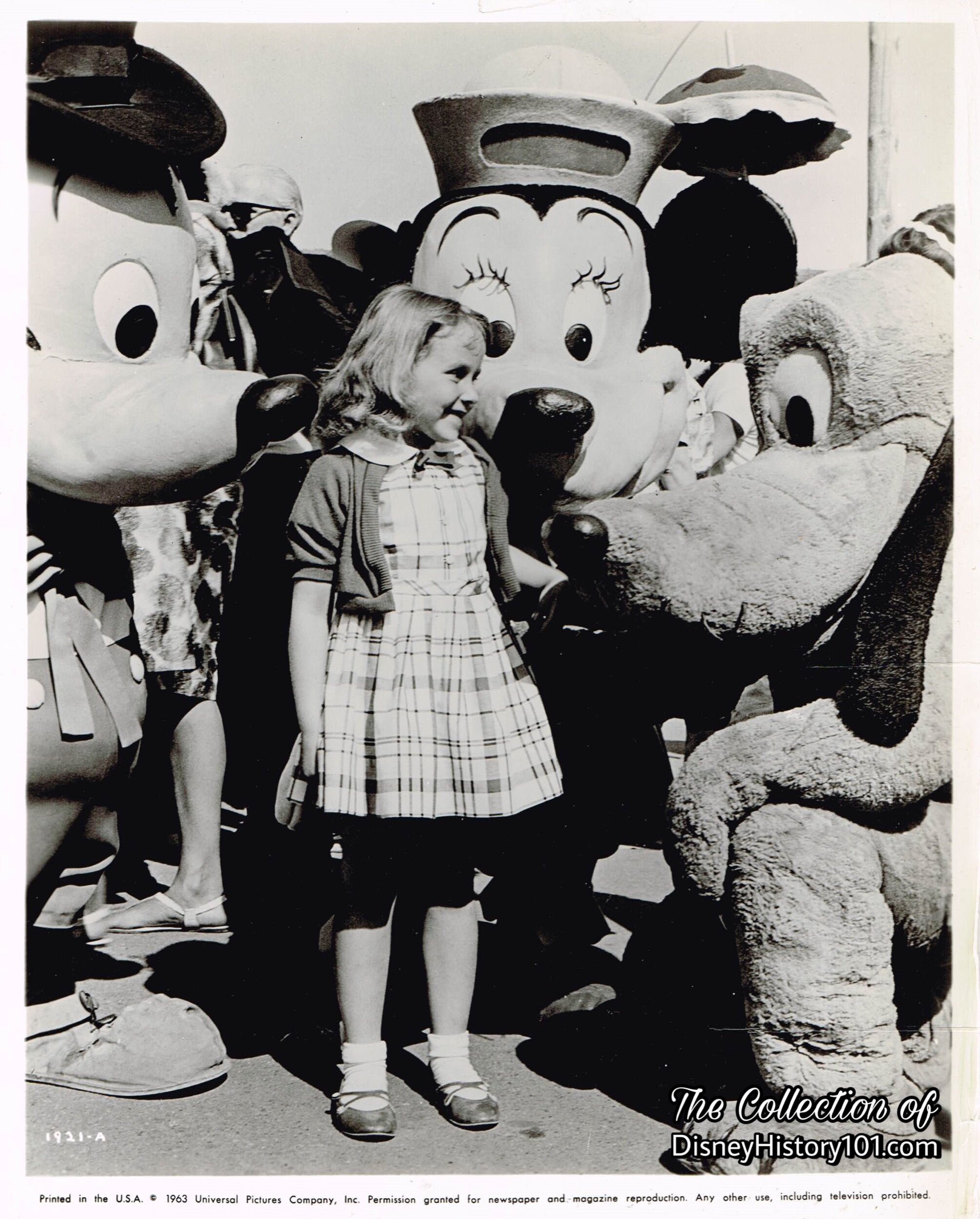
Third incarnations of Mickey Mouse and Minnie Mouse (to appear inside Disneyland) greeted guests during the early 1960s. These “stouter” versions were reminiscent of Mickey and Minnie’s appearances in those popular American Motors Nash Automobile commercials (from 1955 to 1957). After a few years they were replaced by designs of Walt Disney Studios Character Department employees (Bill Justice and John Hench) and the creations of the Walt Disney Studio Wardrobe Department (overseen by Chuck Keehne), during the spring of 1966.
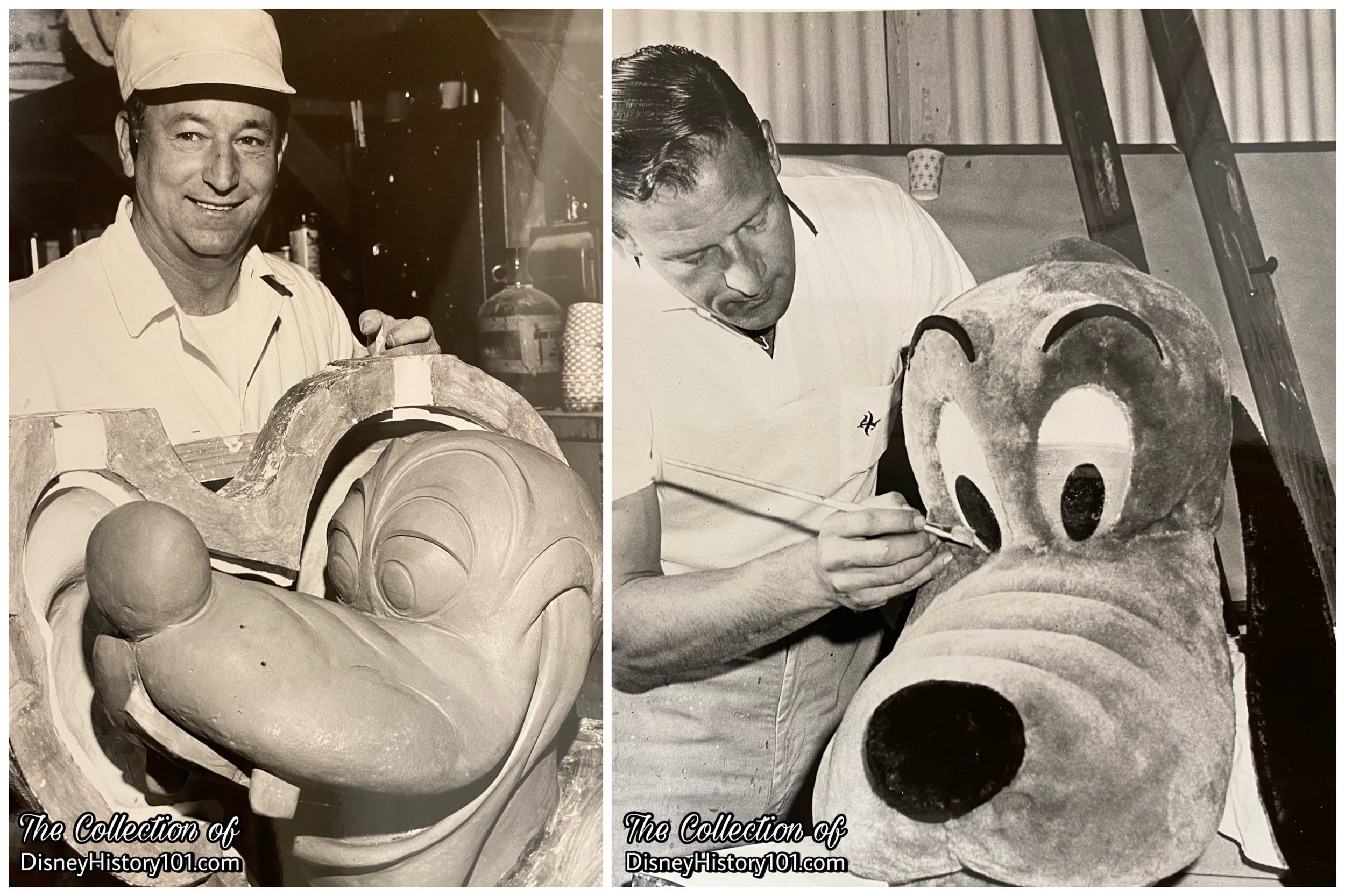
All the Disney Character heads from Mickey Mouse to Robin Hood, were manufactured in the Staff Shop and Boneyard areas. The creation of a plaster cast, displayed by Joe Pasquesi of Disneyland model shop. Vinyl plastic is poured between head and cast to form master mold. That production mold (the final mold of the original sculpture) is used to create a fiberglass replica (left). A layer of fiberglass and plastic resin material is then applied to inside of mold to produce exact replica of clay head in light, durable material. A Defog solution was used on Plexiglas eyes in Character heads to keep them from fogging up.
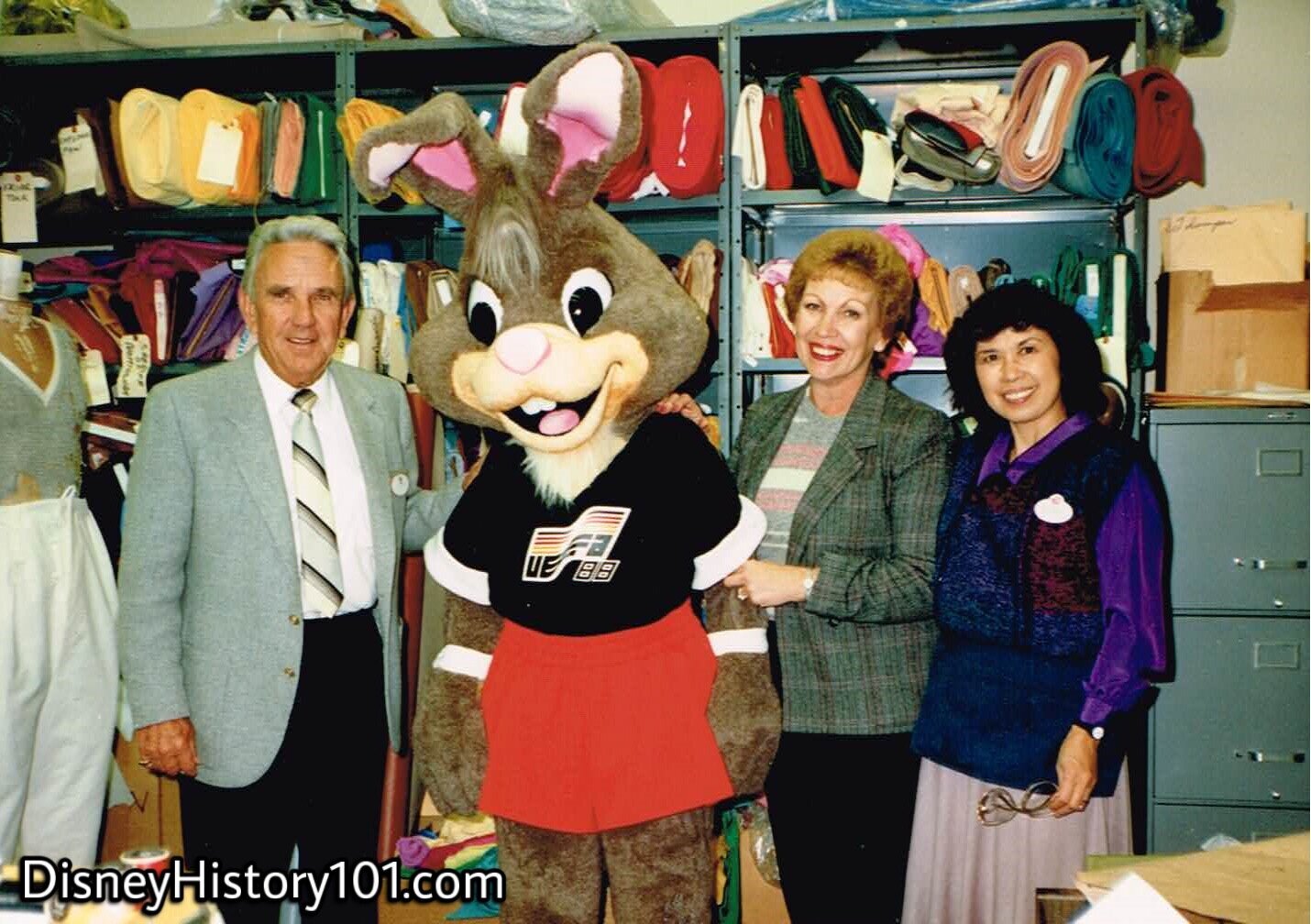
”Establishing The Disneyland Entertainment Costume Department & Wardrobe”
With a greater demand for a growing cast of characters (to meet the parade schedules during the late 1960s), there was a greater need for a facility that was a little closer to home! Disneyland would finally establish its very own Costuming Department among its Entertainment Division.
It would be located in the Administration Building. Costumes would now be created entirely on site. Soon after Bob Jani became Head of Disneyland Entertainment, Bob Phelps left his job with Western Costume Company (where Disneyland Fantasy on Parade Costumes had been rented for years, as late as 1966), and became the new Disneyland Entertainment Costuming Department Director. When Phelps wasn’t presiding over DRC affairs, he was working for the world’s largest wardrobe department (comprised of 18 Costuming Department seamstresses and 35 Issuing Department employees). When Disneyland first opened, Cast Member Wardrobe worn by Hosts and Hostesses was provided by House of Uniforms (founded 1951, by Warren Ackerman), located in Beverly Hills. By the Summer of the Disneyland Tecennial, things had changed, with Lella Easton in charge of Disneyland Wardrobe. For example, costumes (as those worn why the Plaza Inn or Lincoln Exhibit hostesses) were designed at Disneyland, but then manufactured off-site locally or in places far away as San Francisco.
By 1969, Bob Phelps was located in a new office. The Disneyland Entertainment Costuming Department would soon provide more than 4,000 employees of Disneyland’s stage.
By 1975, George Williams (Mill Foreman) divulged: “We are very busy now making new wardrobes for the hundreds of Parade costumes. The wardrobes are made out of plywood and are very large to include room for the heads. Also, we do the maintenance of the Parade units and as there are a lot of breakdowns, we have to keep many carpenters available.”
By 1977 they were providing costumes for 18,000 costumed employees. By that very year of 1977, the Characters were typically designed and sculpted in clay by WED Enterprises artists. These designs were then sent to Disneyland Staff Shops, where full-scale versions were sculpted in clay, in order to cast molds. At this time, Plasterers of the Disneyland Staff Shop (like Lou Montero, Tom Mc Grath, and Foreman Wilbur Wise [who retired during 1977]) were responsible for Disneyland’s diverse and supportive props, including those used by Characters). These same Staff Shop technicians would also often sculpt and craft the Character heads during this time. Other Staff Shop employees (like Bob Johnson) would handle the body textures at the Taxidermy Shop. Lastly, WED Enterprises, Inc. designs were subsequently sent to the Paint Shop and Wardrobe departments for the remaining fabrication according to specifications. Additional laundry and alterations for the character “overdressing” (or, costumes) were also performed on site. Before the Show quality of a Character’s fur was affected by weathering or too many “love pats,” the Staff Shop had the remedy!
As for Bob Phelps, he also researched, designed, chose the fabric for, these “well-blended” costumes for Disneyland’s five magical lands! By the Fall of 1968, the department cared for “more than 40,000 outfits in nearly 400 different styles”. Phelps’ vast knowledge and experience contributed much-needed improvements to the department’s creation and care of these costumes. For example, Bob suggested that the character heads be stored on poles (rather than hangers) in the Character Headroom, so they would not get further damaged by elements of the “Zoo” storage area. Today, the utilization of Head Stumps (mushroom shaped fixtures situated in the Character break areas; used to hold Character heads) and Head Hooks or Head Hangers (hook shaped wire fixtures on hanging racks in the Character break areas used to hold Character heads between uses), owe their presence at Disney Parks to Bob Phelps. As a sidelight, Head stumps are occasionally equipped with a fan (or Blower inside to air out heads when not in use).
Also, the costumes would be inventoried, and safely stored in protective manners, within the new Wardrobe Facilities. Duplicates were also created in case the need rose to loan them for promotional tours, or for general backup. This was important during the early 1970s, as twice-daily Character Parades (from Fantasyland to its a small world) were a common occurrence!
Under Phelps’ supervision, Costume Designers like Tom Pierce and former Hollywood costume designer Jack Muhs were hired (during the late 1960s and early 1970s) to help design, renovate, and create anew, the Park’s needed costumes (as those of The Golden Horseshoe), including Character “overdressing” (or, costumes). The duo would become Senior Costume Designers for the Park.
As a “sidelight,” Jack would move on to produce unique Characters (as the “People of America” for “America on Parade” during the American Bicentennial celebration) for 22 years, before retiring December 31, 1991. As for Tom Pierce, he would continue to serve Disneyland in this capacity for 23 years, before retiring the very same day as Jack Muhs. Bob Phelps became Wardrobe Director for Walt Disney World.
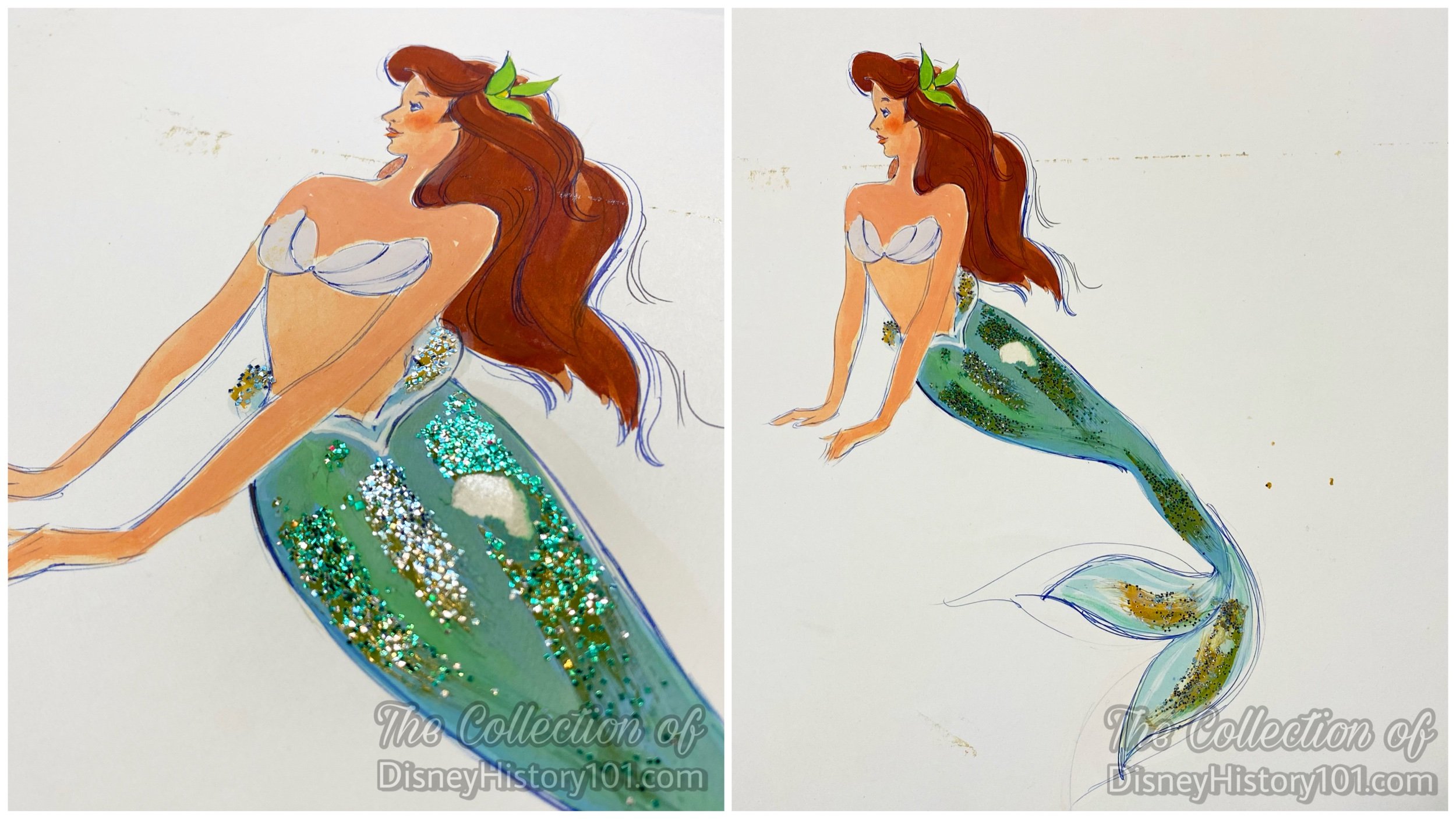
In time, Bob also hired the legendary female designer Alyja Paskevicious Kalinich (1979-1999) to assist with Disneyland overdressing and costume designs (long before she temporarily relocated to Walt Disney World to assist with design of its Operational and Entertainment costumes).
As mentioned, promotional tours were performed for the release or re-release of a Walt Disney Production. Sometimes, characters were join the tour. As you read through this section, notice the Dumbo Promotional Tour, the 101 Dalmatians Tour, and the Jungle Book Promotional tours, where some new characters debuted!
New characters were created as new Walt Disney Studio feature films or Walt Disney Television animated shows were produced. The Entertainment Costume Department has even been privately contracted to create non-Disney characters from time to time over the years (as pictured above).
As of Disneyland’s 50th, there were 20,000 Cast Members bringing the Disneyland show to life (but only a small fraction of these were involved in the Entertainment Department).
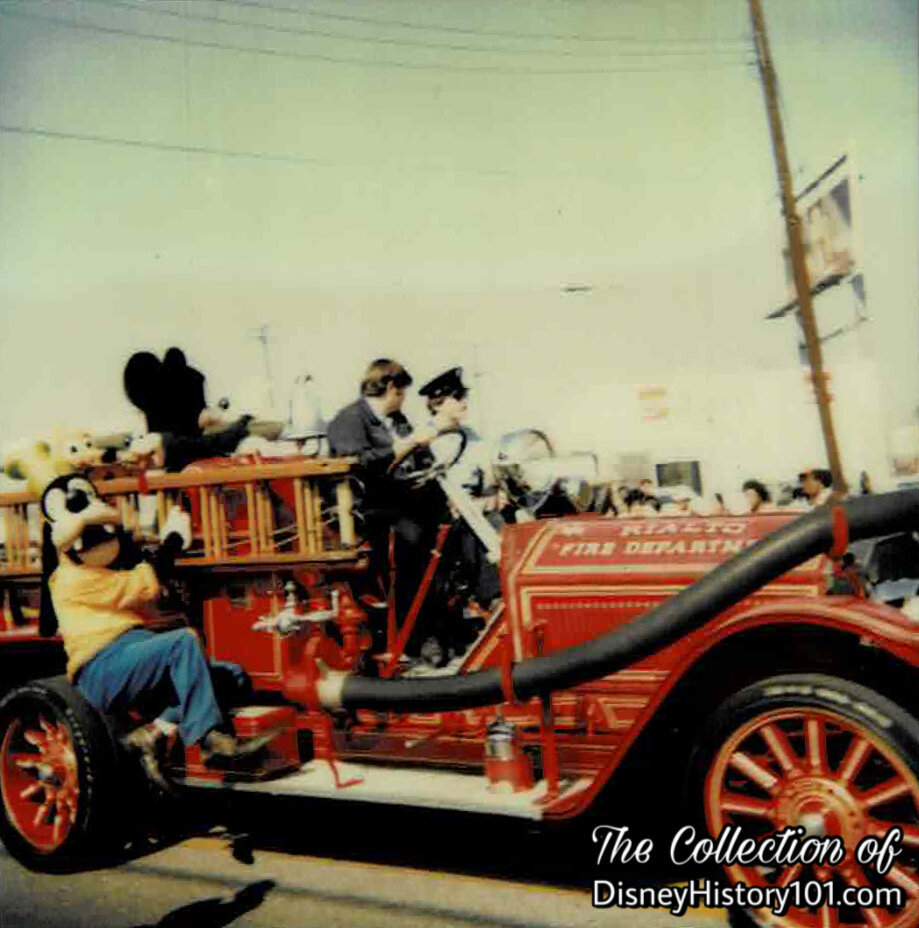
The Disneyland cast of Characters continued to support a positive Disney image by making public appearances (like this appearance in an unknown parade aboard an antique City of Rialto Fire Engine).
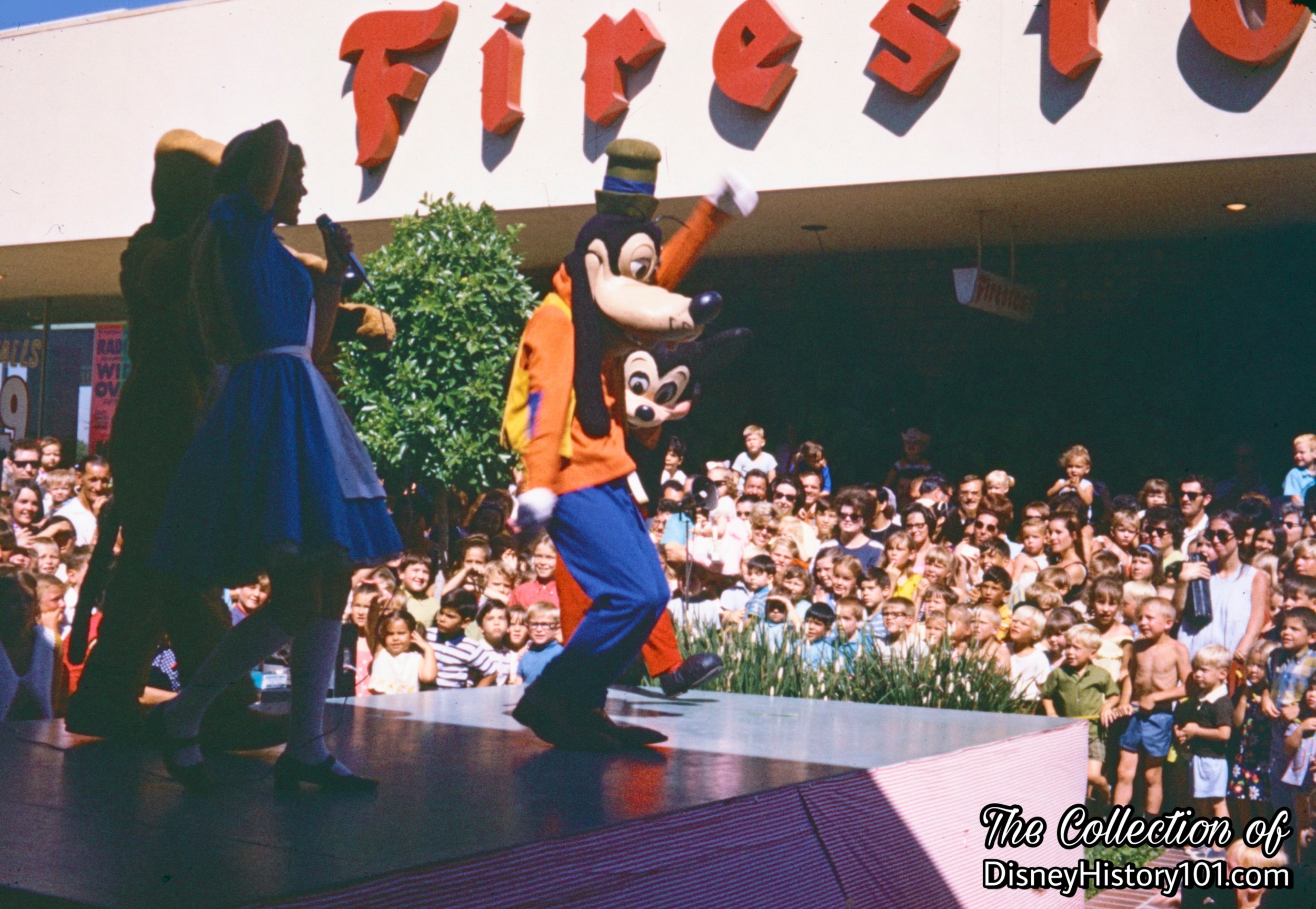
“Operating Guidelines”
Disney Characters effect a Good Show when the Cast Member understands the (1) Story (2) How It's Done, (3) On Stage Try-Out, and (4) Work and Practice.
Operating Guidelines - rules and regulations set by the company dictating expectations both on stage and back stage have come to influence the Disney Character. For instance, Character actions are often animated to coincide with a Character’s personality. In recent decades, Disney Character animation (movements and routines) have become more choreographed.
By the 2000s, additional garments had been added to the Cast Members in Character roles. On Stage, Skull Caps (surgeon's caps) were worn under a Character head to keep hair from falling into the performer's face. Paw Pad costume pieces (or inserts) were worn to fill out the paws of Characters (like Pluto). Off Stage (on break), Smocks (blue overcoats) were worn over face role or face Character costumes while eating, drinking, smoking, and sitting.
Of importance is the role of the Character Attendant. The Character Attendant assists the Character Performer, aware of situations relating to safety and show quality (i.e. managing Guest interaction, limited vision of Characters, frightened children, and the inappropriate actions, questions, or requests of some Guests).
Now, let’s take a look at the diverse characters and entertainers that have enhanced Disneyland’s show through the decades! You won’t need to Download the mobile app to access character greeting locations and times. Through our tour, we’ll see multiple versions of some familiar faces, and even get to know some of the individuals who were “close” to some of these beloved characters, animating and giving life to them while cast in “roles” to produce/present the DISNEYLAND Show!

•Aladdin - Aladdin made his debut in Disney’s Aladdin released November 25, 1992. Aladdin is a Disney Face Character who can talk, communicate with Guests, and create magical Disney experiences for them.
•Alice (Alice in Wonderland) - Walt Disney’s first come-to-life Alice stepped onto the silver screen in the Alice Comedy “Alice’s Day at Sea,” released in 1924. More than two decades later, Walt Disney’s adaptation of Louis Carrol’s Victorian Alice character made her feature-length theatrical film debut on July 28, 1951.
A few years later, Alice in Wonderland characters would “come to life” at Walt Disney’s Disneyland Disneyland! Donna Jackson, of guest relations, was the first to portray Alice in the bell telephone hour. When the Alice in Wonderland attraction opened, it was accompanied by a Grand Opening Parade held on July 14, 1958. Mouseketeer Karen Pendleton portrayed the popular Alice character from the 1951 animated feature-length film. Since then, Alice is a Disney Face Character who can talk, communicate with Guests, and create magical Disney experiences for them. has been portrayed by a number of individuals who worked for Disneyland!
DONNA JACKSON of Guest Relations was asked to play the part of Alice-In-Wonderland for a scene to be used on the Bell Telephone TV show which was taped at Disneyland in November of 1960. The Disneylander reported: “Anxious to speak her only lines with expression and exactness, Donna began, ‘Once upon a time, there lived a whale named Pinocchio who swallowed a little boy called Monstro…’”
During the summer of 1961, Alice often appeared in parades (occasionally portrayed by Space Girl Donna Fox), alongside her Wonderland companions - the Mad Hatter and the White Rabbit. On November 25, 1961, Alice (portrayed by Donna Fox) would help host the 3rd Annual National Pop Warner Disneyland Bowl Football Festival held at La Palma Stadium in Anaheim, California!
Alice also hosted the 9th episode of “Meet Me At Disneyland” (airing on ABC), in August of 1962. Venita Wolf (1962 Orange County Press Club Queen) filled the role of Alice in the Disneyland Show. Also in August of 1962, Lloyd Richardson, Larry Clemmons, Joe Marquette, Coy Watkins, and Jack Leppert (of the Walt Disney Studio) filmed and shot scenery for Studio Production #3185. During this visit, a plate was shot with “Alice in Wonderland” and six others Characters in front of the castle.
Selma Littlejohn portrayed Alice for the Fall of 1964, when many new Disneyland Characters debuted at Disneyland! During 1964, through a special business arrangement with Al Dobritch (of the Dobritch International Circus), Alice and her co-stars appeared in traveling circus acts.
Alice was part of the Pre-game “Walt Disney and Disneyland Salute to the California Angels” at the new Angels Stadium on Saturday, April 23rd, 1966!
Alice was also featured in a Look Magazine photo shoot (in conjunction with new Disneyland 3-D post cards) along side six other “Disney Characters”, at 10:30 a.m., on May 23, 1966.
Yvonne Hudson portrayed Alice around the summer of 1966.
Shelley Meyer was close to Alice, during Disneyland’s “silver anniversary year” of 1980. “Shelley missed a Park audition for a gymnast a few years ago, but she was given the opportunity to try out for Alice as a substitute. With her long, blond hair and big, blue eyes she was a natural choice for the part - - it wasn’t just a coincidence that Alice had always been her favorite story book character. As a Character that can talk to guests, Shelley has a difficult job to remain in Character and have all the right answers that children ask her as Alice. However, Shelley has a chance to be creative and imaginative as a speaking Character and has been highly successful, as evidenced by the many complimentary letters the Park receives about her portrayal of Alice.” [Disneyland Line, January 31, 1980]
•Ariel - Ariel made her debut in The Little Mermaid. She is one of King Triton’s seven daughters and her sisters are Adella, Alana, Andrina, Aquata, Arista, and Attina.
Owing to Alyja Kalinich (Disneyland Character & Entertainment Costume designer from 1979-1999), Ariel first came to life at Disneyland and the Walt Disney World Magic Kingdom. Ariel is a Disney Face Character who can talk, communicate with Guests, and create magical Disney experiences for them. When she isn’t going for a swim with Flounder, Ariel can be found at Disneyland.
According to “Fantasy Faire - Just Got Happier”: “Ariel was once a mermaid who lived in the underwater kingdom of Atlanti-ca. She had a knack for getting into trouble, and often lost track of time as she explored the sea with her friends Flounder and Scuttle. Ariel was so fascinated by the human world that she sought out a magic spell to transform her into a human! Once on dry land, she met her true love, Prince Eric - who married her and with whom she'll live happily ever after!”
•Aurora (Sleeping Beauty) - Aurora (Briar Rose) with significant contributions by Marc Davis, appeared in Walt Disney’s Sleeping Beauty. According to “Fantasy Faire - Just Got Happier”: “Bestowed with the gifts of beauty and song, Princess Aurora is a young lady who has been loved since the day she was born - from her family and the three good fairies who hid her from the evil Maleficent, to the brave Prince Phillip who fought to rescue her. Together they prove that, with a little faith and love, dreams can become a reality.” Princess Aurora owns the castle at Disneyland Paris.
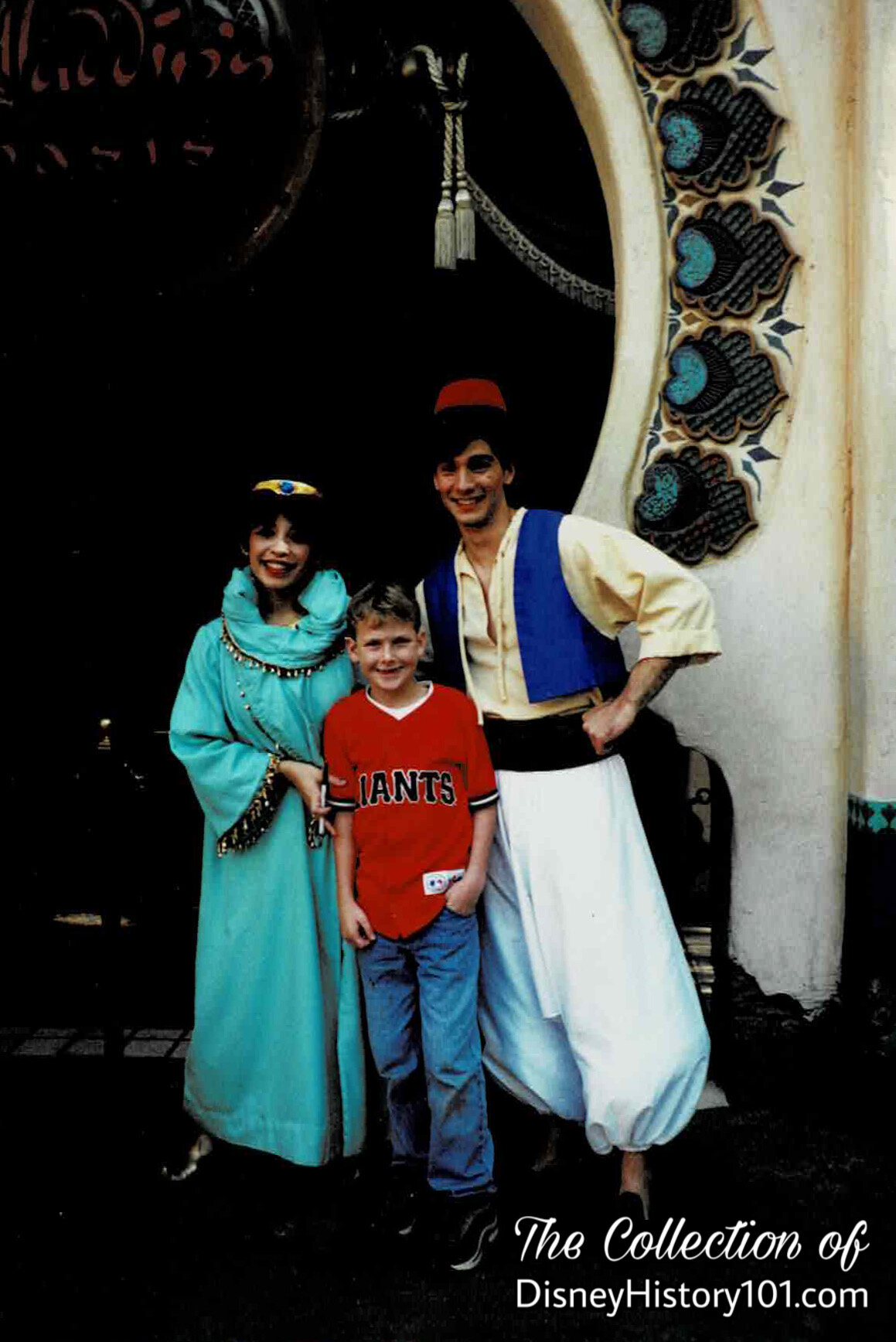
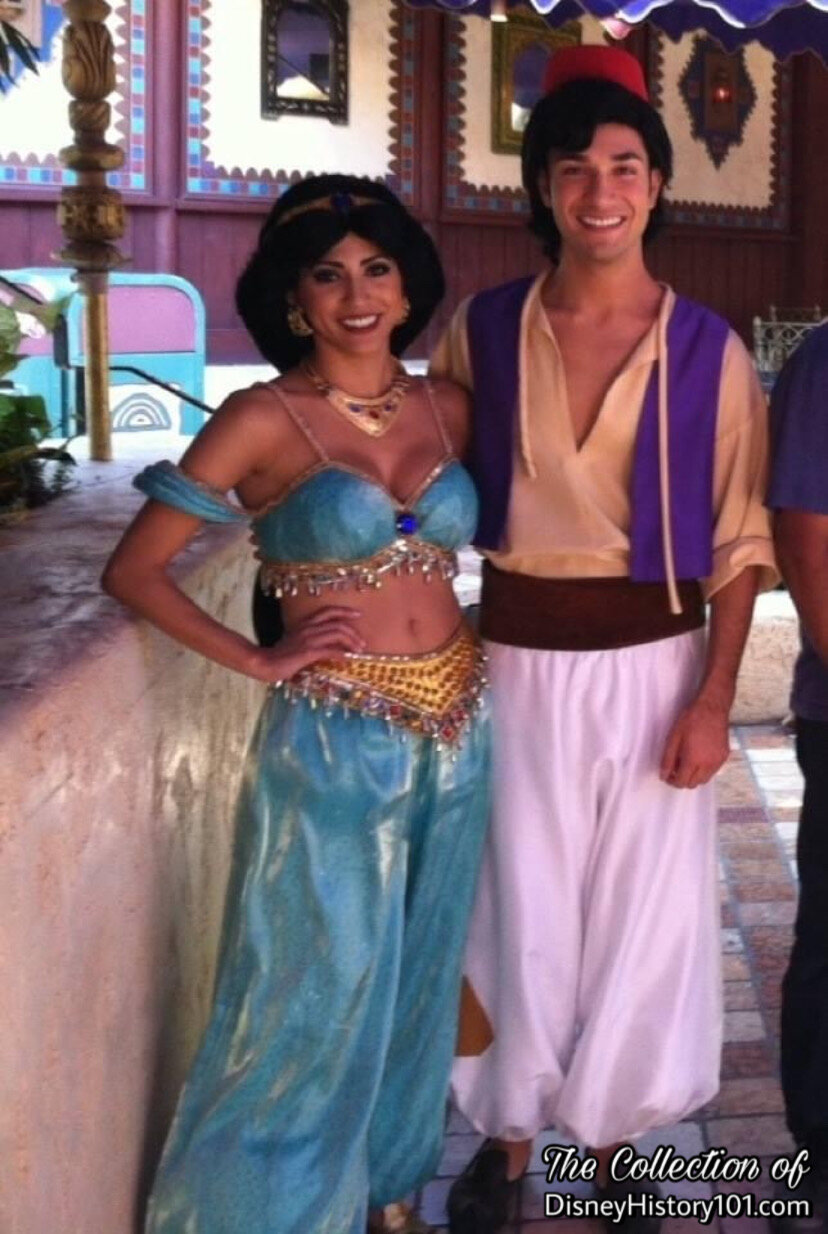
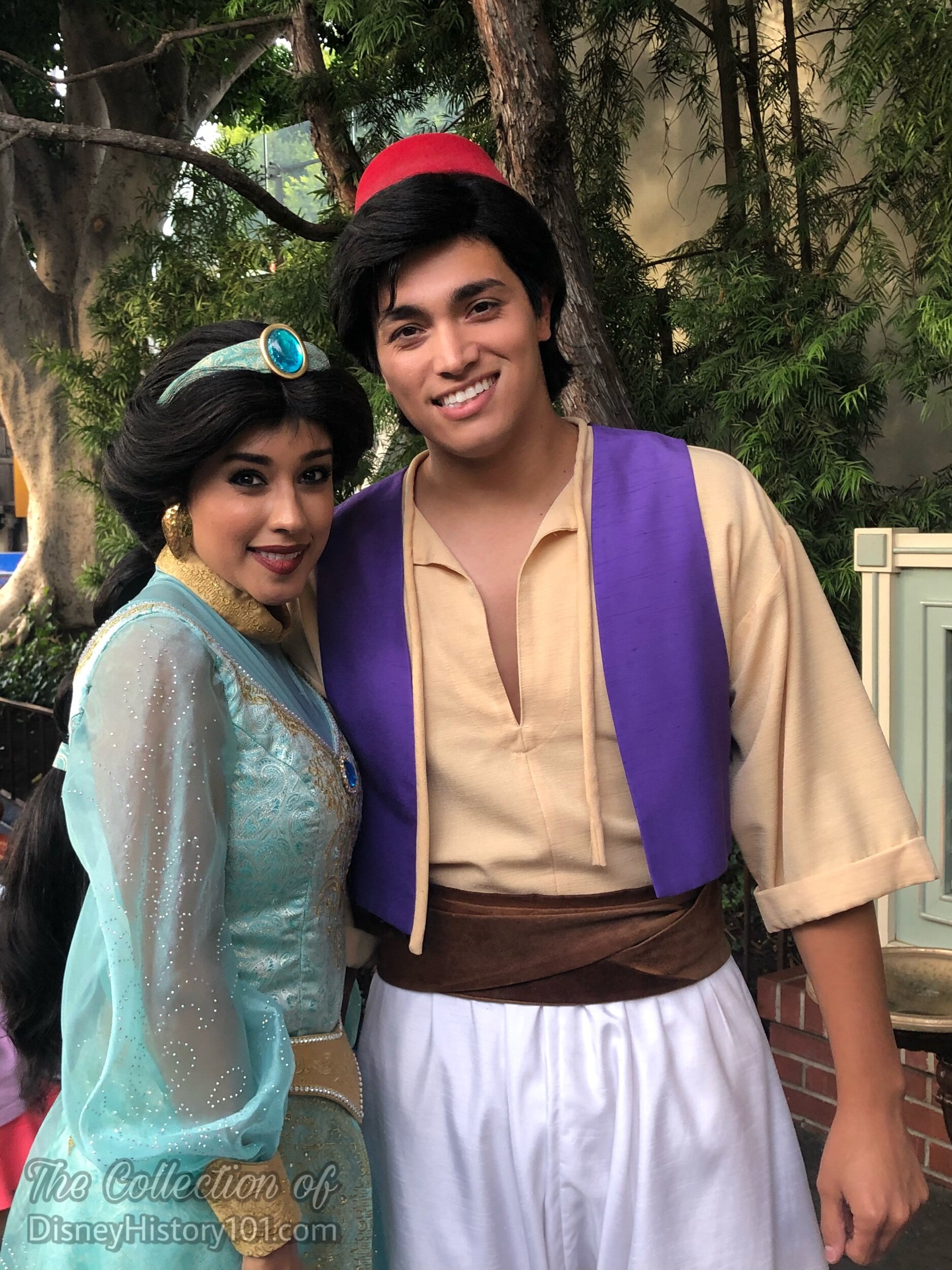

Above Photo : “No chasing ‘White Rabbits’ for these two” - Alice (portrayed by Nancy Winston) and the Hatter skip gaily through Fantasyland, without a schedule to follow, c. early 1960s
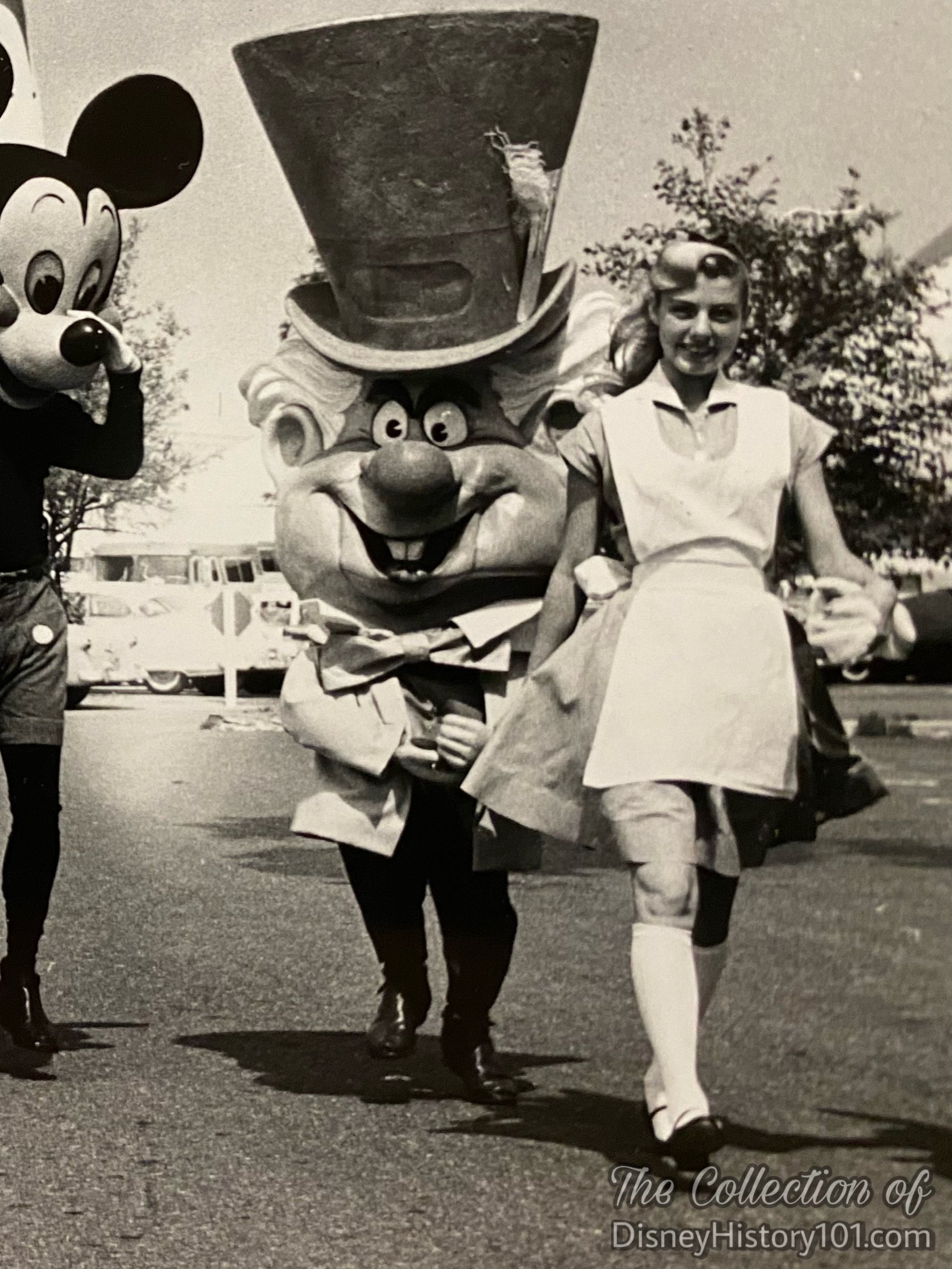

Here, Alice, the White Rabbit, and the Mad Hatter appear in the 1964 Pancake Races Parade. This very trio also appeared on a 1965 Disneyland Donruss collectible card #12.

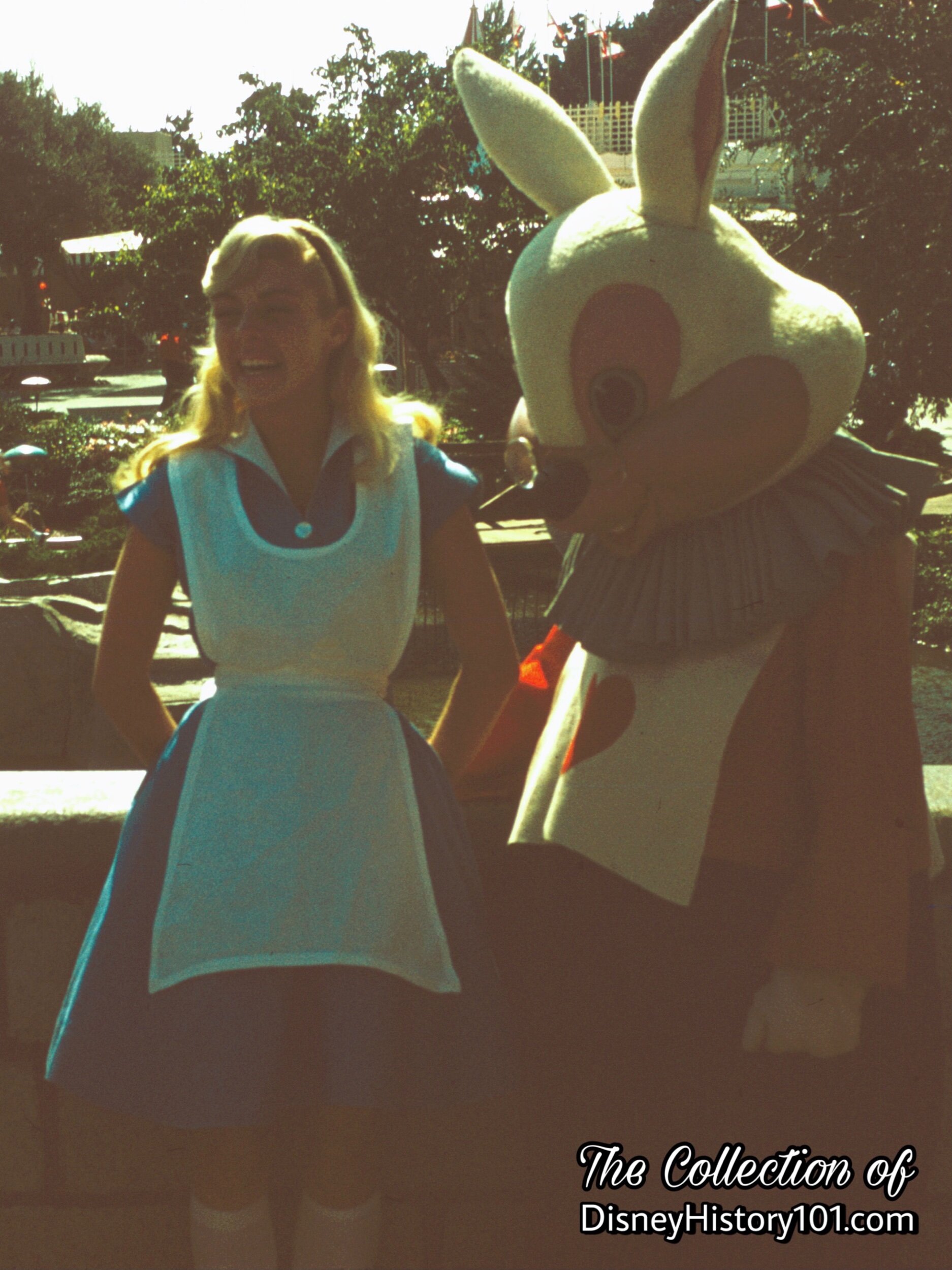
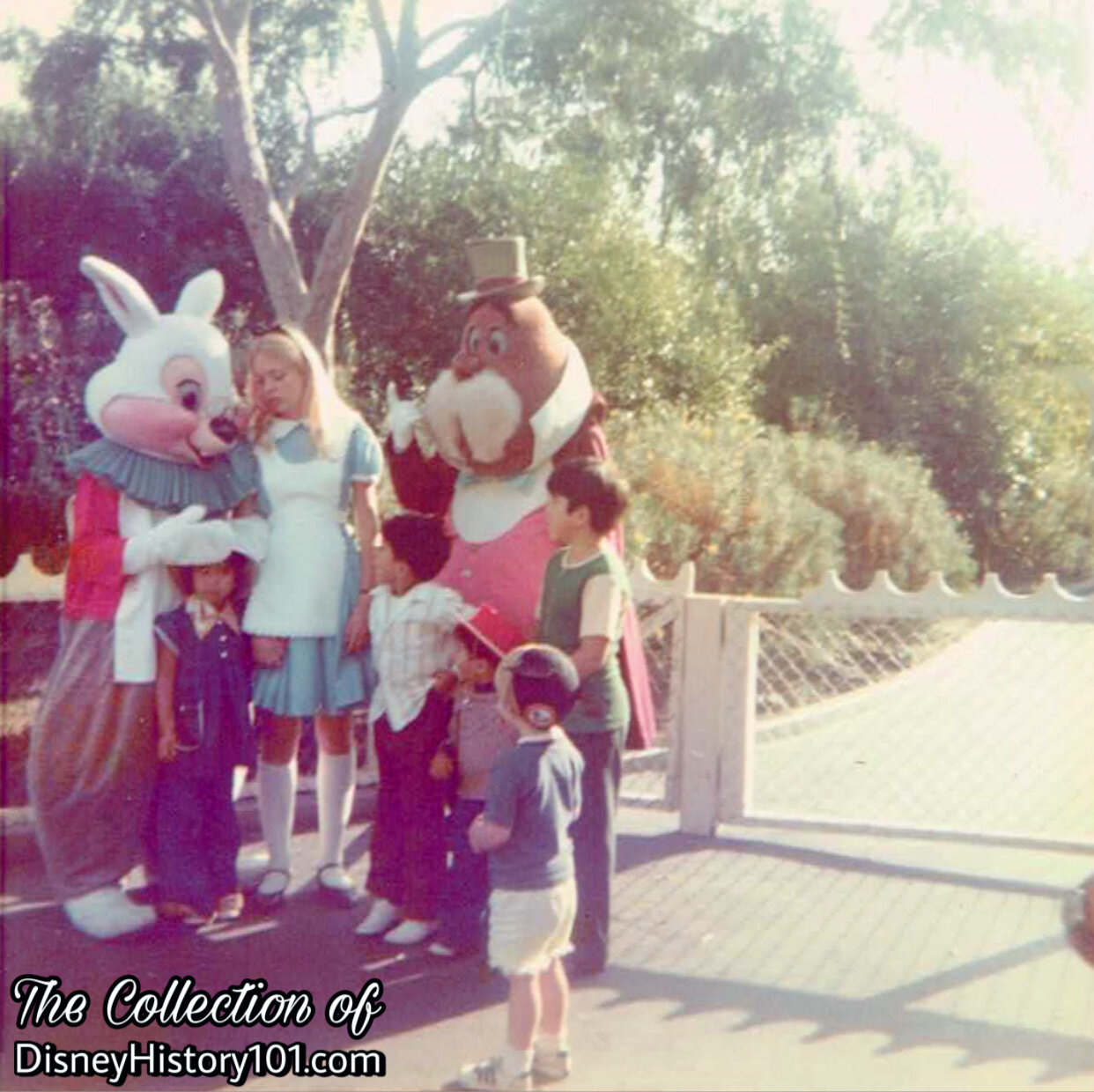
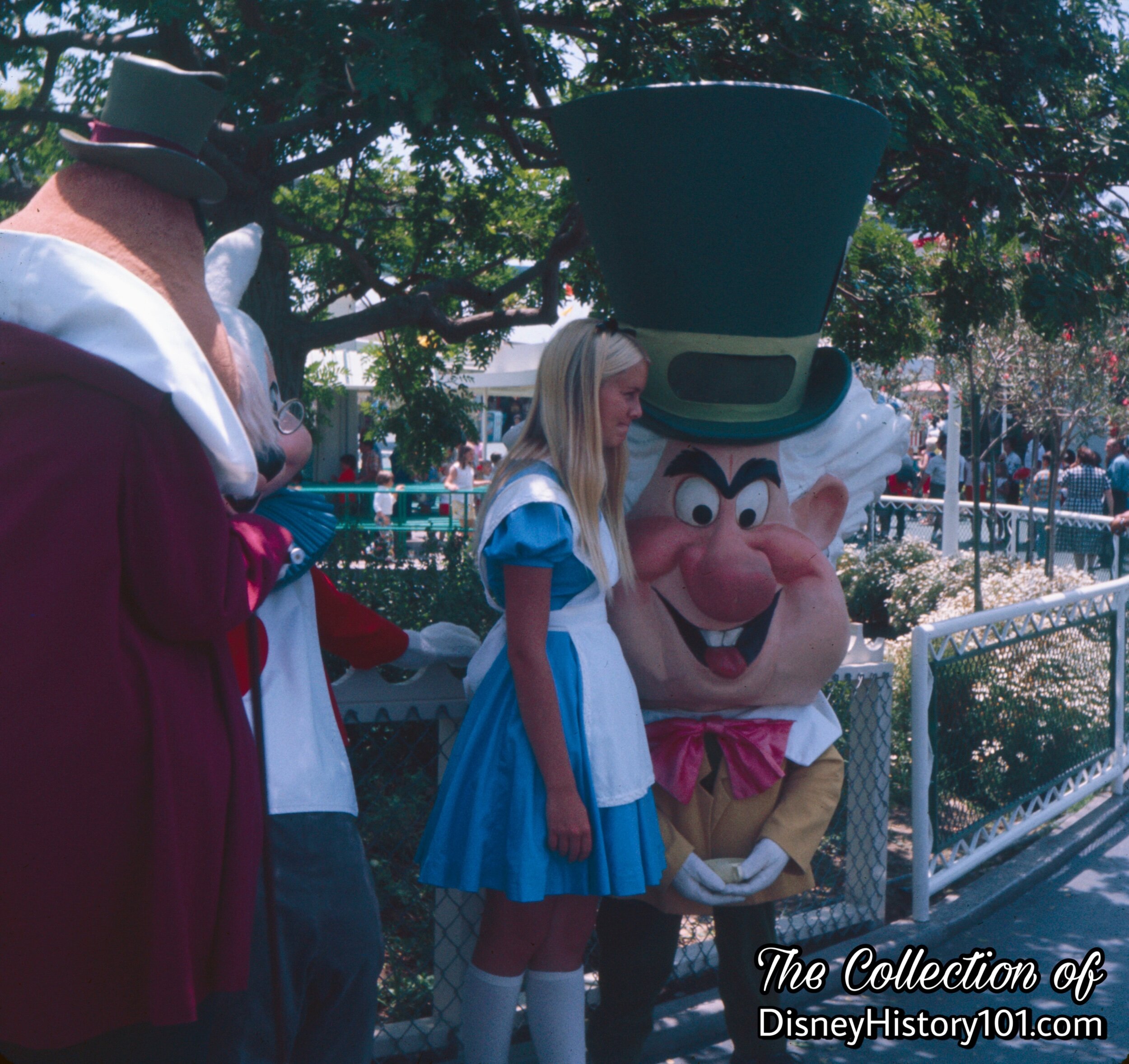
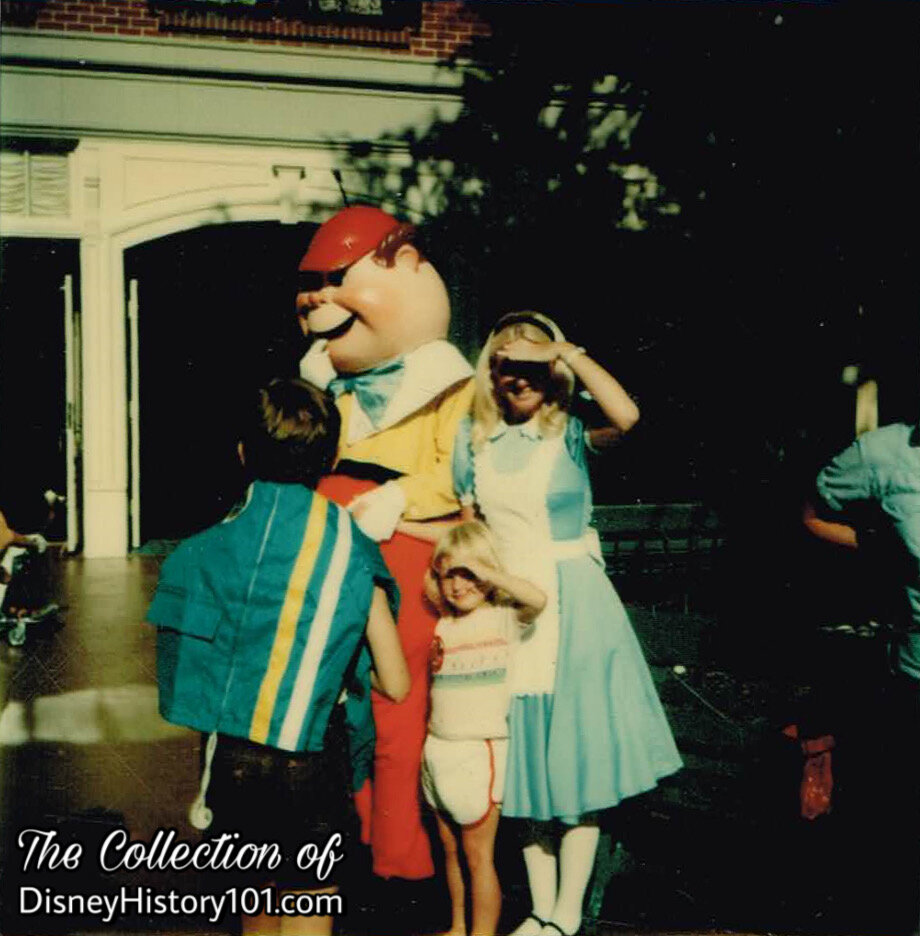
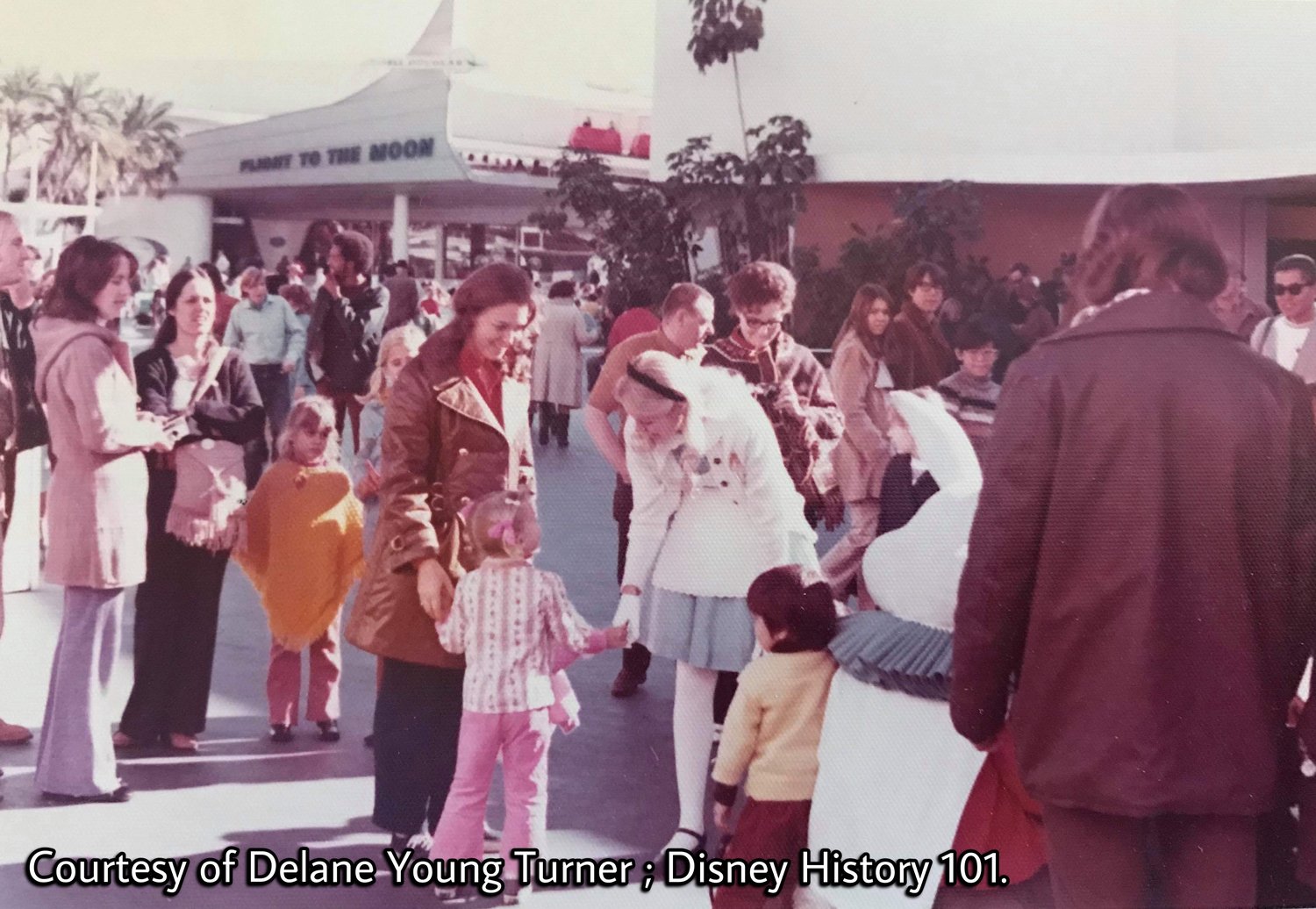
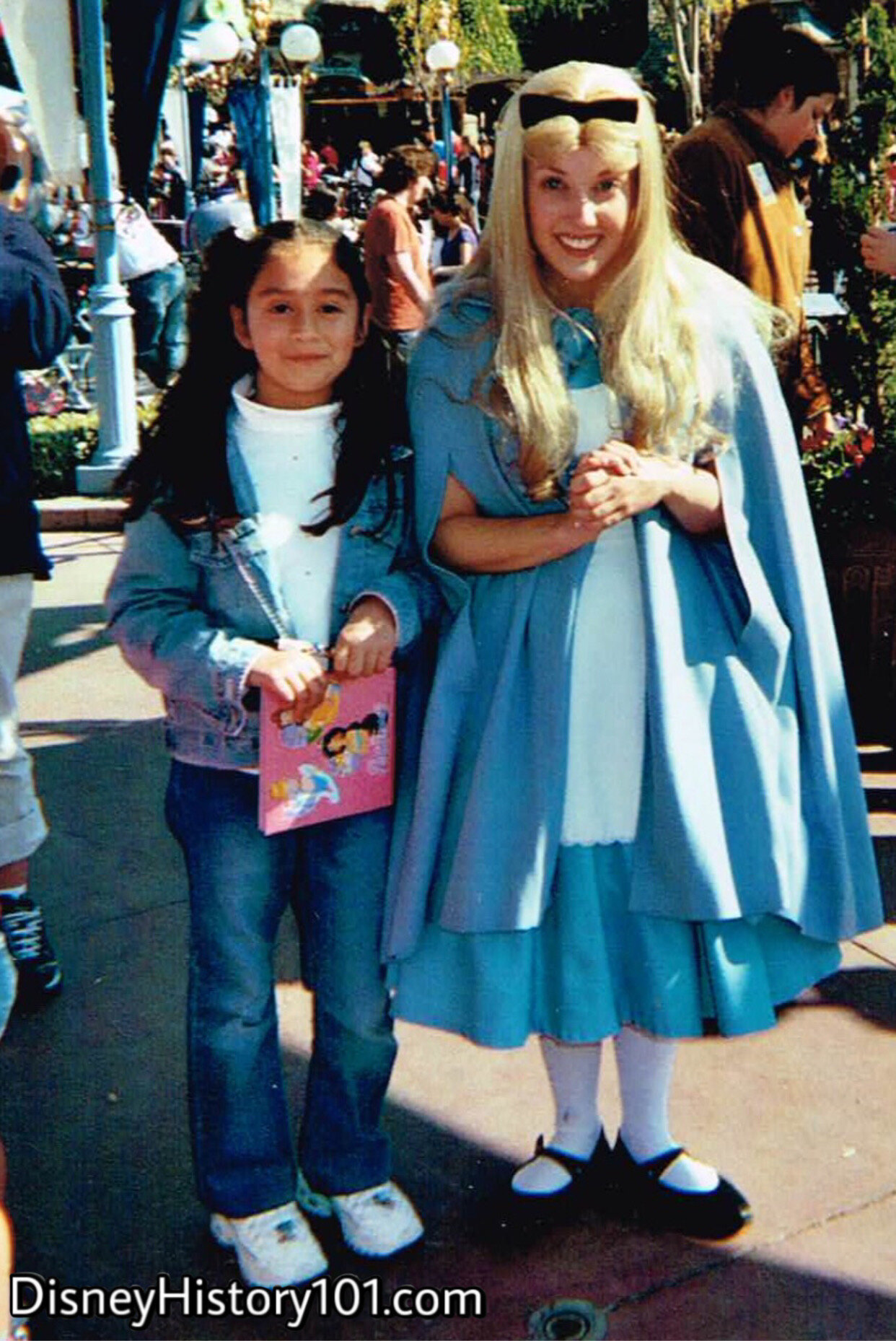

•Baloo (Jungle Book ; Tale Spin) - During October of 1967, many meetings were held between Ben Harris (Entertainment) and the Disneyland Staff concerning the new Characters and Walt Disney’s Jungle Book film Premier. Baloo first debuted during The Jungle Book National Tour, which lasted 26 days (from November 5th thru November 30th, 1967). Disneyland Entertainment Department employees Lee Reineke and Ben Sherman were “Pageant Helpers” who very close to Baloo and King Louie during the tour of several cities. Twenty-two locations visited included Atlanta, Baltimore, Boston, Buffalo, Chicago, Cincinnati, Cleveland, Dallas, DC, Denver, Detroit, Houston, Indianapolis, Miami, Milwaukee, Minneapolis, New Orleans, Philadelphia, St. Louis, Salt Lake City, San Francisco, Toronto, and Washington. Mike Lopez and John Lopez were close to Baloo and King Louie during this tour.
Then, the “Jungle Book Parades” (consisting of Col. Hathi, Baloo and King Louie) with the Disneyland Band made regular appearances in Adventureland, greeting guests as part of the Character Program, “throughout the Christmas Holidays” (daily between parades, from 9:00am to 11:45am). [“Disneyland Holiday Talent Master Schedule,” prepared for the period of December 16, 1967 through January 1, 1968] “Disney News” (Winter 1967-68) soon reported: “Jungle Book’s stars Baloo the bear, King Louie the ape and Colonel Hathi the elephant will make their first appearance this year.” Popular Dutch singer Heinje Simons visited Disneyland during 1967 (likely during this season), and took many photographs with both Baloo and King Louie.
During the 1970s, Baloo appeared in Main Gate/Town Square. He also made appearances around 1972, at “mix in” and “Regular Private Parties” (first five hours of party beginning 15 mins. prior to the gate opening of each party).
When he isn’t having a play date with Mowgli, Baloo can be found at Disneyland.
•Bashful (Snow White and the Seven Dwarfs) - Ever since the summer of 1961, the second incarnation of Bashful made daily appearances (at times) in Disneyland!
•Beast - Beast and Belle appeared in the “Beauty and the Beast” show five times a day (through the summer season of June 19 - September 13, 1992) at Videopolis in Fantasyland.
•Belle (Beauty and the Beast) - Beast and Belle appeared in the “Beauty and the Beast” show five times a day (through the summer season of June 19 - September 13, 1992) at Videopolis in Fantasyland. Belle is a Disney Face Character who can talk, communicate with Guests, and create magical Disney experiences for them.
According to “Fantasy Faire - Just Got Happier”: “Belle is a headstrong, intelligent young woman with a kind heart. Her love of reading helps her escape the small town life of her provincial French village. Each new book is a source of escape and adventure for Belle. Now that she has found the Beast and her enchanted object friends, she shares her adventures with them and has a new sense of home.”
•Bernard (The Rescuers) -The Rescuers was released June 22, 1977. That same year, Bernard, Bianca, and Orville made their Disneyland debut! It wasn’t until late 1977/early 1978, that Mickey Mouse welcomed the stars of The Rescuers to the Magic Kingdom in Florida.
•Bert the Chimney Sweep (Mary Poppins) - Bert the Chimney Sweep made his theatrical debut in Walt Disney’s Mary Poppins on August 21, 1964. Bert is a Disney Face Character who can talk, communicate with Guests, and create magical Disney experiences for them.
•Bianca (The Rescuers) - See Bernard
•Big Bad Wolf (Silly Symphonies) - The Big Bad Wolf made his film debut on May 27, 1933, as a “professional bad guy and pig chaser.” He debuted at Disneyland during the summer of 1961, alongside new incarnations of the Three Pigs (seen here)! They were all part of “the Happiest Show on Earth”!
Also in August of 1962, Lloyd Richardson, Larry Clemmons, Joe Marquette, Coy Watkins, and Jack Leppert (of the Walt Disney Studio) filmed and shot scenery for Studio Production #3185. During this visit, a plate was shot with “Big Bad Wolf” and six others Characters (including the Three Pigs) in front of the castle.
After some sort of hiatus, the Disney Character made a return during the winter if 1962. According to the Talent Schedule “All of our regular Characters, plus a return visit by the 3 Pigs and Wolf and Pinocchio, J. Worthington Foulfellow and Gideon, will highlight this year's Holiday Season.”
The Big Bad Wolf was part of the Pre-game “Walt Disney and Disneyland Salute to the California Angels” at the new Angels Stadium on Saturday, April 23rd, 1966!
The “Wolf” made regular appearances at the “Small World”Area, greeting guests as part of the Character Program, “throughout the Christmas Holidays” (daily between parades, from 9:00am to 11:45am). [“Disneyland Holiday Talent Master Schedule,” prepared for the period of December 16, 1967 through January 1, 1968]
A number of Cast Members were “close” to the Big Bad Wolf. However, contrary to rumor, Ringo Starr was not one such individual.
•Big Thunder (Mountain) Breakdown Boys-The Big Thunder Mountain “Breakdown” Boys performed their bluegrass melodies from Frontierland throughout the 1980s (c.1986). The group featured Doug Mattocks (banjo), Raul Reynoso (mandolin), Charlie Warren (bass), John Jorgensen (guitar). When John left the group to pursue his career, Paul Shelasky would join the group. Years later, Doug Mattocks and Charlie Warren would continue to perform at Disneyland and Disney’s California Adventure Park.
•Billy Hill (and The Hillbillies) - According to Dave Smith (Chief Archivist Emeritus of The Walt Disney Archives), “Billy Hill and the Hillbillies began appearing as atmosphere performers in Critter Country and Frontierland in May 1989. They then moved to the Golden Horseshoe on June 8, 1993, where they proudly noted their ten thousandth show in February 2003. After performing at Big Thunder Ranch Jamboree, according to the Disney Parks Blog, they had their final show on January 6, 2014.” [Disney Facts Revealed by Dave Smith, 2016]
More to come about Dennis Fetchet (occasionally Farley the Fiddler) and others of this group.
•Black Bart (Frontierland) - Founder and Professor Emeritus of the University of Disneyland, Van France once said: “In a theater, when there are more people in the audience than seats, there is ‘standing room only.’ At Disneyland, when the people outnumber the ride capacity, the ‘standing’ is done in long, frustrating lines. Since we didn't have the money to create expensive attractions, we had to find innovative, inexpensive ways to keep the guests entertained. Live shows and free attractions provided entertainment for the guests at a time when we didn't have adequate capacity or attractions to handle them.”
Like most good westerns, there were good guys and bad guys. Around these parts, bad guys didn’t get more nefarious than Black Bart! As far back as the fall of 1955, gunshots would ripple through the placid Frontierland air, as the Golden Horseshoe’s receipts were robbed by the baddest guys in the wild west. Outside the Golden Horseshoe, Sheriff Lucky and a character known only as the “Villain” held “showdowns” most days, on the hour. The “roaring gun battles” took place from 11a.m. to 7 p.m., right in front of the Golden Horseshoe Saloon!
Over the years, Frontierland’s various Marshalls would pursue a number of “old west” villains like Pecos Bill and Black Bart the Crooked Gambler. Some of the “bad guys” were portrayed by the likes of George Brent, Bill Hazel, Ray Lanier, and Noah Morrison. Chases would take the duo from the Chicken Plantation to the Frontierland Train Depot, and from the steamer docks to the roof of the Casa de Fritos and even the outskirts of Rainbow Ridge.
The “crookedest card shark West of the Monongahela” can usually be found strolling the landing, as he sizes up a “mark” for his questionable playing card talents. When Black Bart isn’t twirling his finely waxed mustache or goatee while being taken alive, he spends much of his time announcing the arrivals and departures of the Mark Twain as well as presentations of the Golden Horseshoe Revue! Jim Quigley recalled: “My paycheck or your life!” roared BLACK BART as his Colt 44 thundered in Jim's Payroll office. That's how gunslinger, BLACK BART, used to collect his paycheck each week.”
Van France recalled “Our regular gunfight shows were fun for guests who might otherwise be standing in a line. We could get double duty out of two men assigned to Security Black Bart had no trouble playing an old time robber, since he was sort of a sleazy type by nature. Sergeant Lucky was an easy-going, friendly man who could play the good sheriff when he and Black Bart had their regular shootouts in front of the Golden Horseshoe. Unfortunately, they wanted the rates of Hollywood stunt men, and their shows finally bit the dust during one of our frequent budget cuts.”
While the gunfights ended around 1963, the Character was so popular that he had a legacy (of sorts) in the Riverboat Gambler, who appeared as late as 1987!
When the Magic Kingdom opened at the Walt Disney World Vacation Kingdom, there were Frontierland Gunfighters present - Stunt men who would “shoot it out, western style.”
•Blue Fairy - from Pinocchio
•Br’er Bear (Song of the South) - Both Br’er Bear and Br’er Fox made their theatrical debut in Walt Disney’s Song of the South, on November 12, 1946.
The duo appeared in “Disneyland Showtime” (a c.1970 Wonderful World of Disney episode), dancing to the Strawhatter’s Dixieland melodies alongside Donnie Osmond. He also appeared on the cover of Vacationland (Winter/Spring, 1970) in the Flower Market with Guests. During the winter season of December 19, 1970 through January 3, 1971, Br’er Bear appeared at locations in New Orleans Square. He also made appearances around 1972, at “mix in” and “Regular Private Parties” (first five hours of party beginning 15 mins. prior to the gate opening of each party).
By 1977 (and due to “love pats” and weather conditions), the true-life Disneyland Staff Shop craftspeople helped maintain Br’er Bear’s appearance, creating new coatings of fur for him.
Cast Members Mike Lopez and Kent Zbornak were once close to Br’er Bear.
•Br’er Fox (Song of the South) - Both Br’er Fox and Br’er Bear made their theatrical debut in Walt Disney’s Song of the South, on November 12, 1946.
The duo appeared in “Disneyland Showtime” (a c.1970 Wonderful World of Disney episode), dancing to the Strawhatter’s Dixieland melodies alongside Donnie Osmond. During the winter season of December 19, 1970 through January 3, 1971, Br’er Fox appeared at locations near the Main Gate and in Town Square.
•Br’er Rabbit (Song of the South) - Br’er Rabbit made his theatrical debut in Walt Disney’s Song of the South, on November 12, 1946. “The Happiest Place on Earth.”
•Briar Rose - see Aurora.
•Bumblelion (The Wuzzles) - Bumblelion’s Disneyland debut (during 1985) coincided with the Wuzzles television run (from September 14 –December 7, 1985). This character is believed to have appeared in Walt Disney’s Magic Kingdom On Ice: Sport Goofy from 1985 to 1986.
•Butterbear (The Wuzzles) - This character is believed to have appeared in Walt Disney’s Magic Kingdom On Ice: Sport Goofy from 1985 to 1986.
•Buzz Lightyear - Toy Story characters © Disney Enterprises, Inc./Pixar Animation Studios. To infinity and beyond!

•Baloo (Jungle Book ; Tale Spin) - During October of 1967, many meetings were held between Ben Harris(Entertainment) and the Disneyland Staff concerning the new Characters and Walt Disney’s Jungle Book film Premier. Baloo first debuted during The Jungle Book National Tour, which lasted 26 days (from November 5th thru November 30th, 1967). Disneyland Entertainment Department employees Lee Reineke and Ben Sherman were “Pageant Helpers” who very close to Baloo and King Louie during the tour of several cities. Twenty-two locations visited included Atlanta, Baltimore, Boston, Buffalo, Chicago, Cincinnati, Cleveland, Dallas, DC, Denver, Detroit, Houston, Indianapolis, Miami, Milwaukee, Minneapolis, New Orleans, Philadelphia, St. Louis, Salt Lake City, San Francisco, Toronto, and Washington. Then, the “Jungle Book Parades” (consisting of Col. Hathi, Baloo and King Louie) with the Disneyland Band made regular appearances in Adventureland, greeting guests as part of the Character Program, “throughout the Christmas Holidays” (daily between parades, from 9:00am to 11:45am). [“Disneyland Holiday Talent Master Schedule,” prepared for the period of December 16, 1967 through January 1, 1968] “Disney News” (Winter 1967-68) soon reported: “Jungle Book’s stars Baloo the bear, King Louie the ape and Colonel Hathi the elephant will make their first appearance this year.” Popular Dutch singer Heinje Simons visited Disneyland during 1967 (likely during this season), and took many photographs with both Baloo and King Louie.
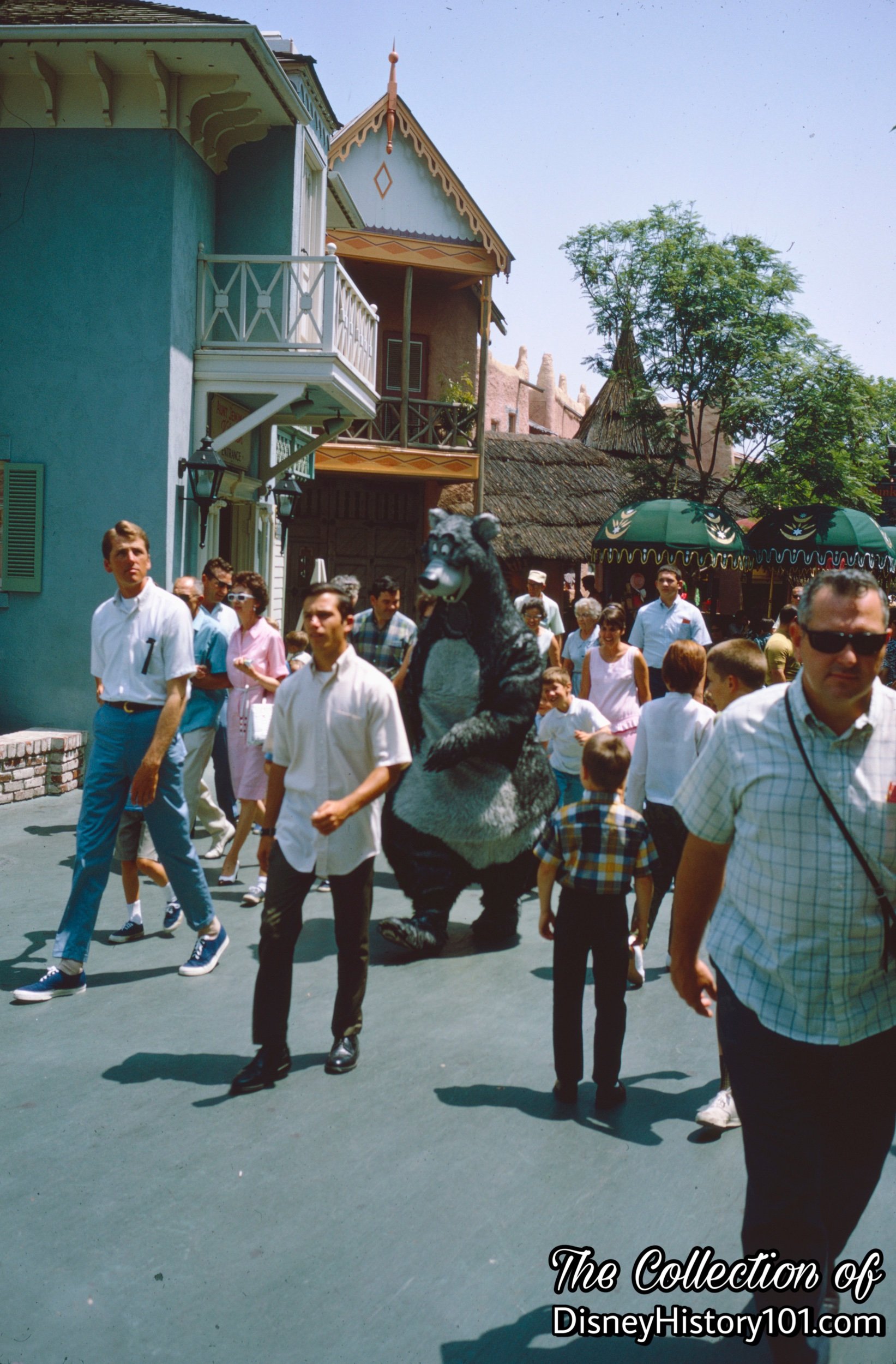
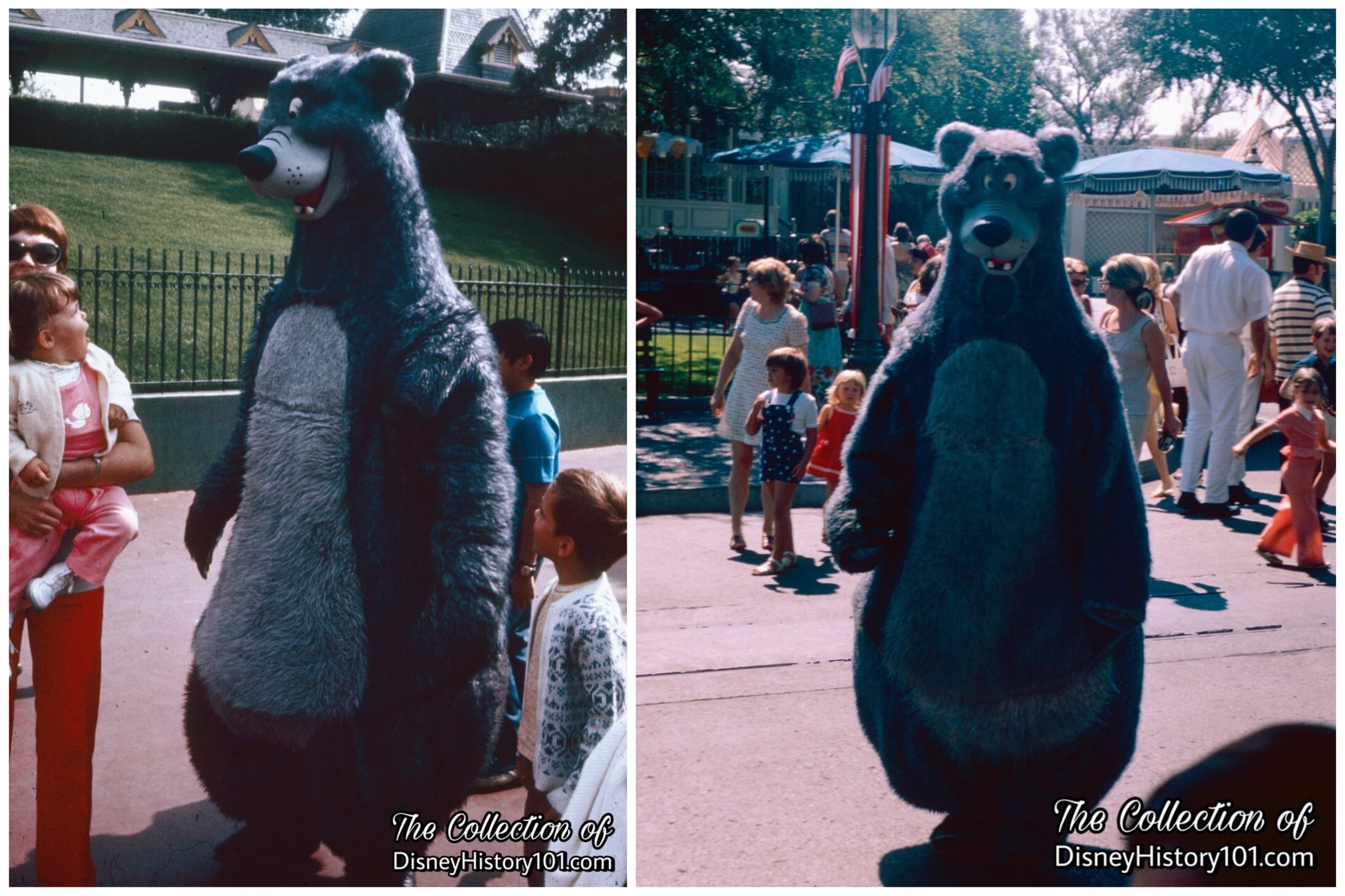
One of Walt Disney’s newest stars (Baloo) greets guests near the Mickey Mouse “floral portrait” at the entrance to Disneyland!
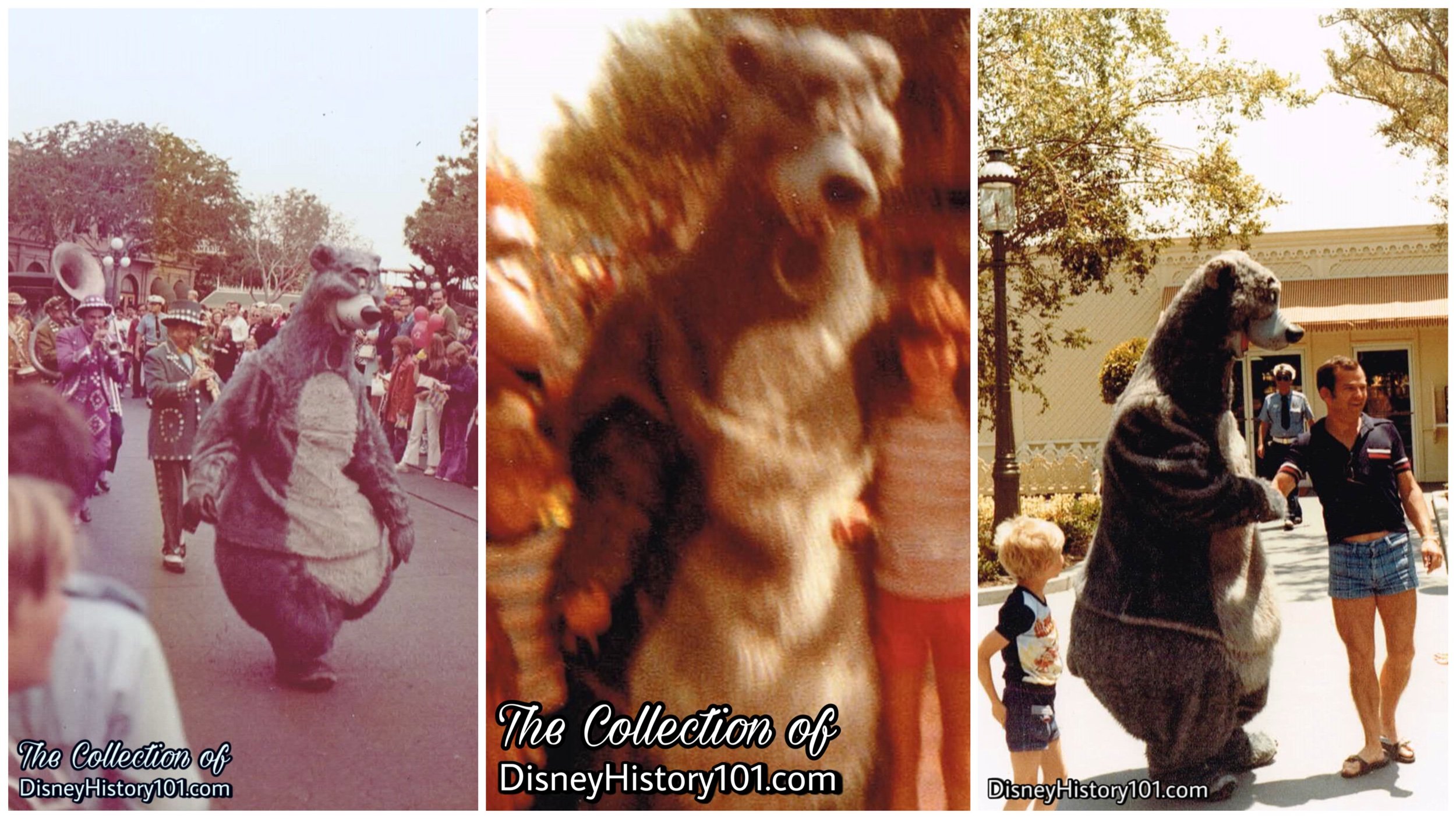
Baloo the Bear also greeted Disneyland guests in Town Square soon after his debut. Where else would a carefree bear hang out in Disneyland, than the Carefree Corner on Main Street U.S.A.
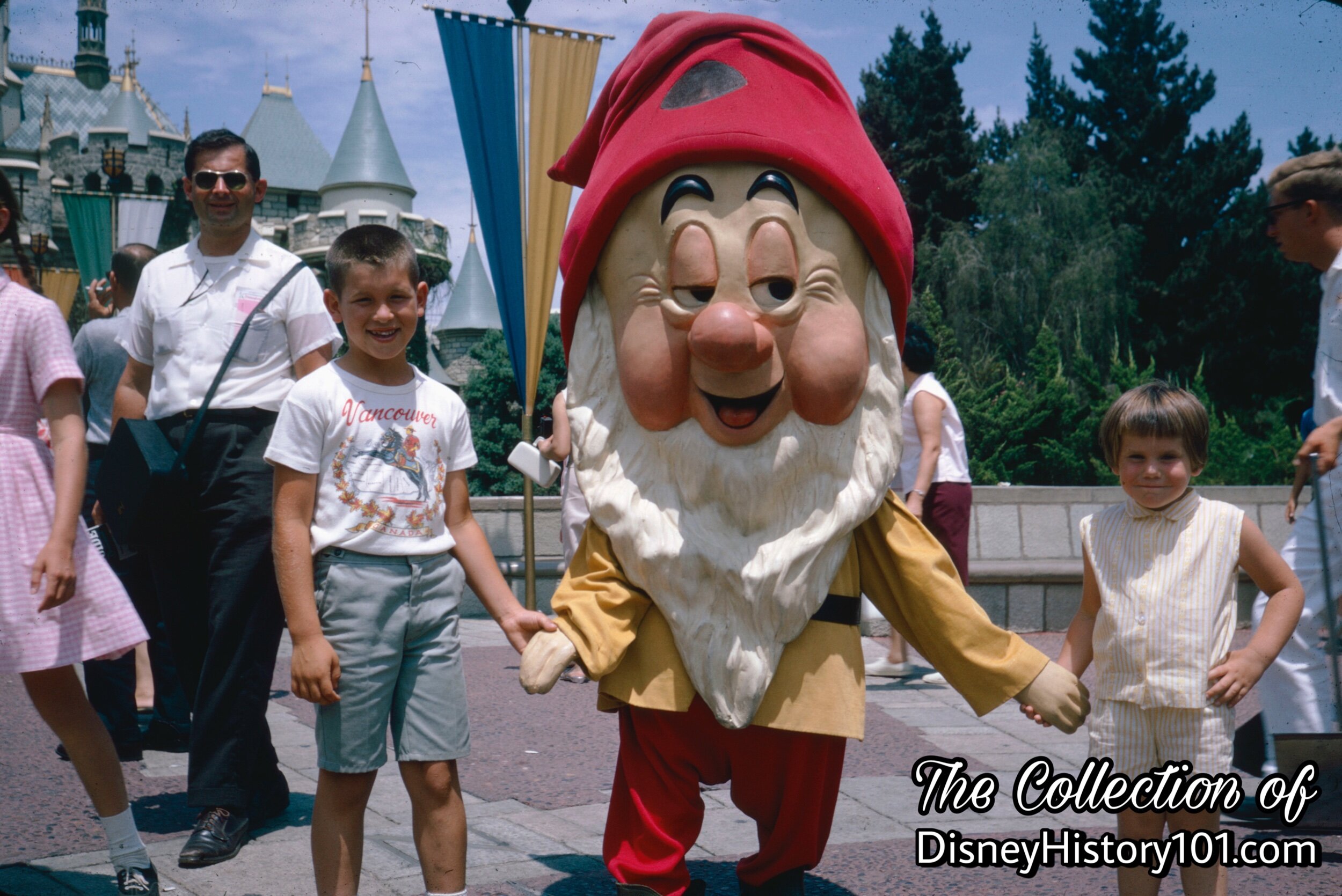
In a post-New York World’s Fair Vintage View, Bashful makes one of his multiple daily appearances in Disneyland!
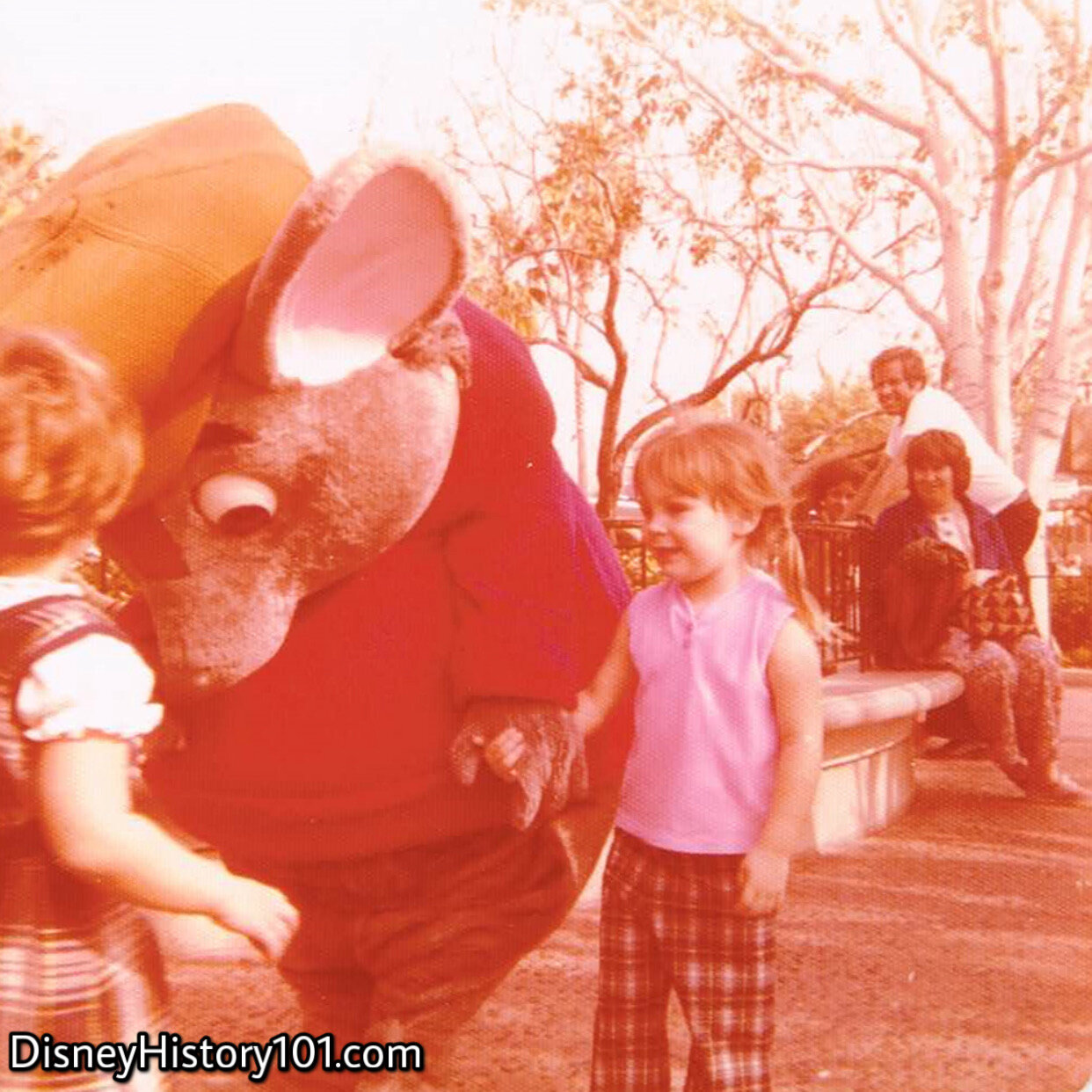
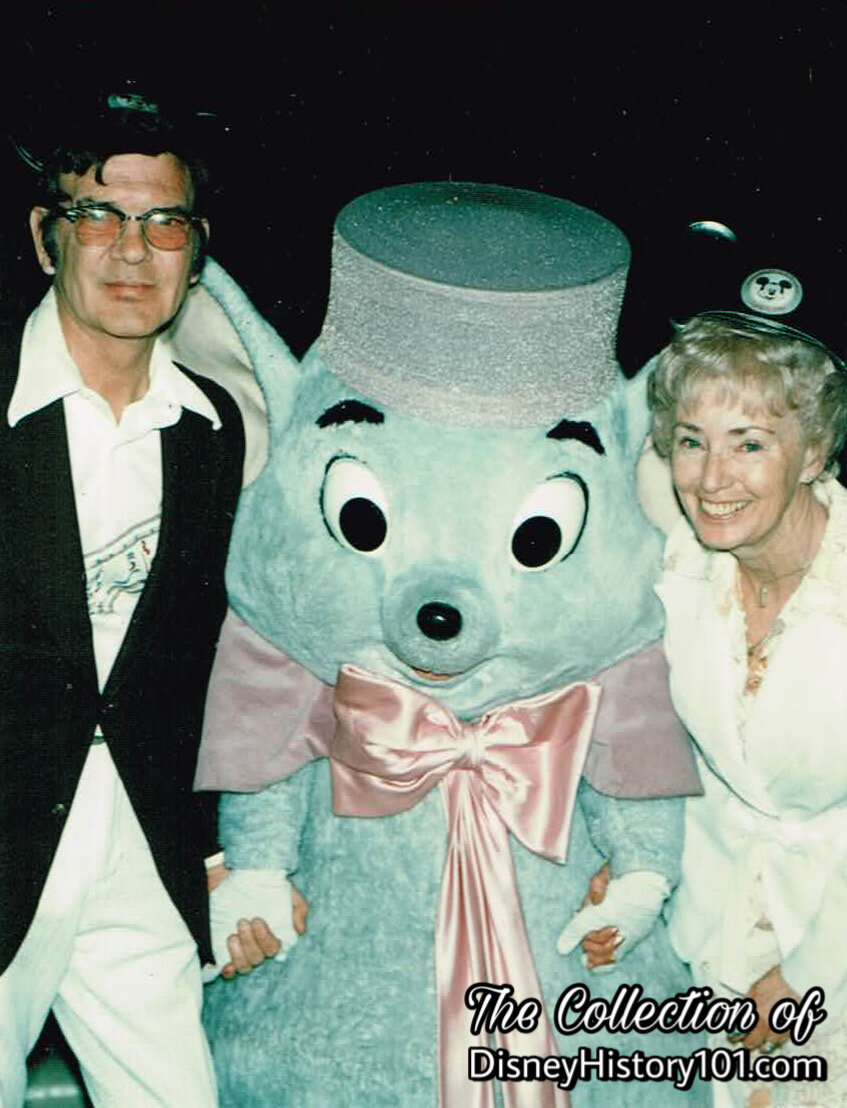
Tim Brandt (Disneyland Security) and Priscilla (Disneyland First Aid) meet Bianca during Disneyland’s 25th Family Reunion event!
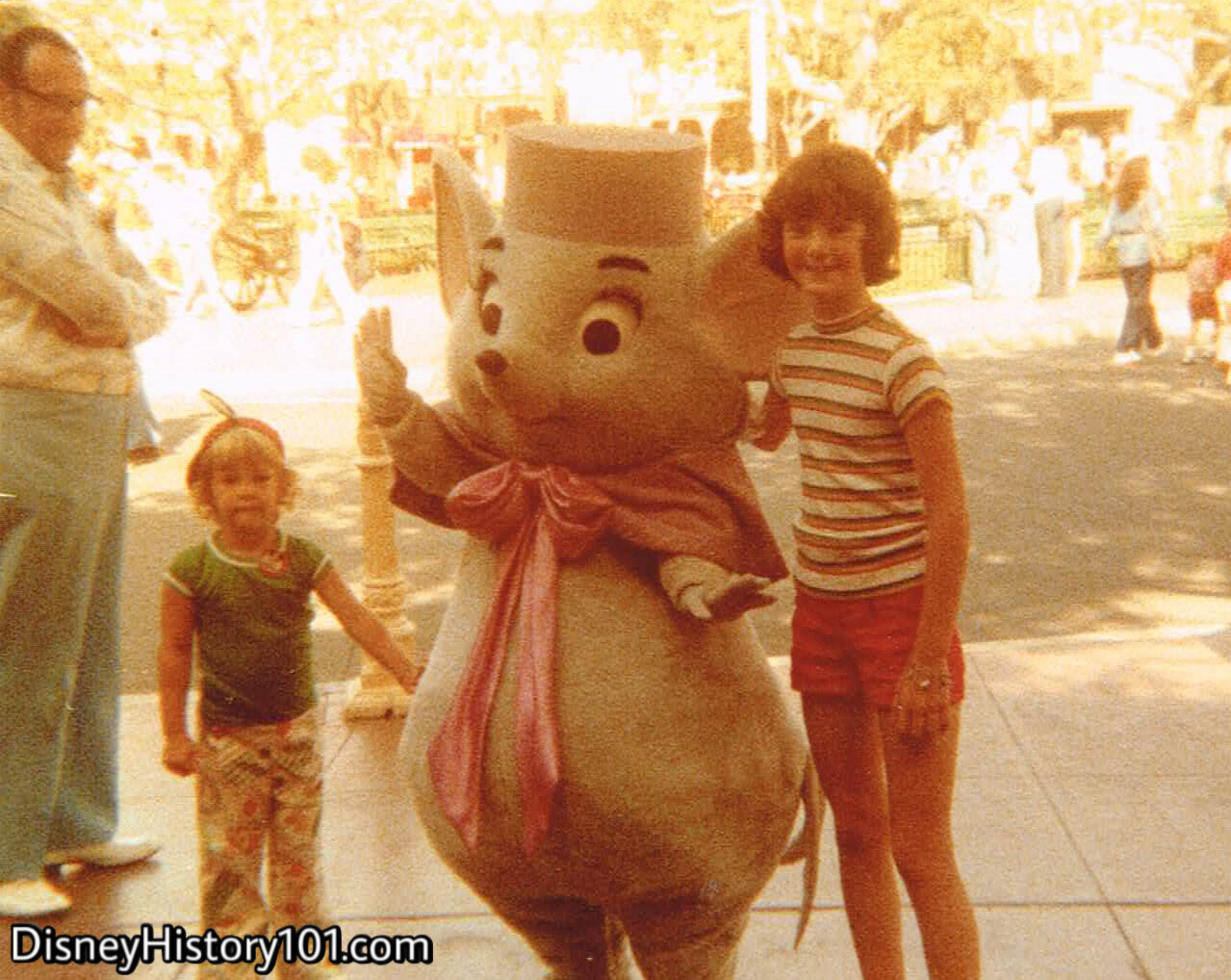
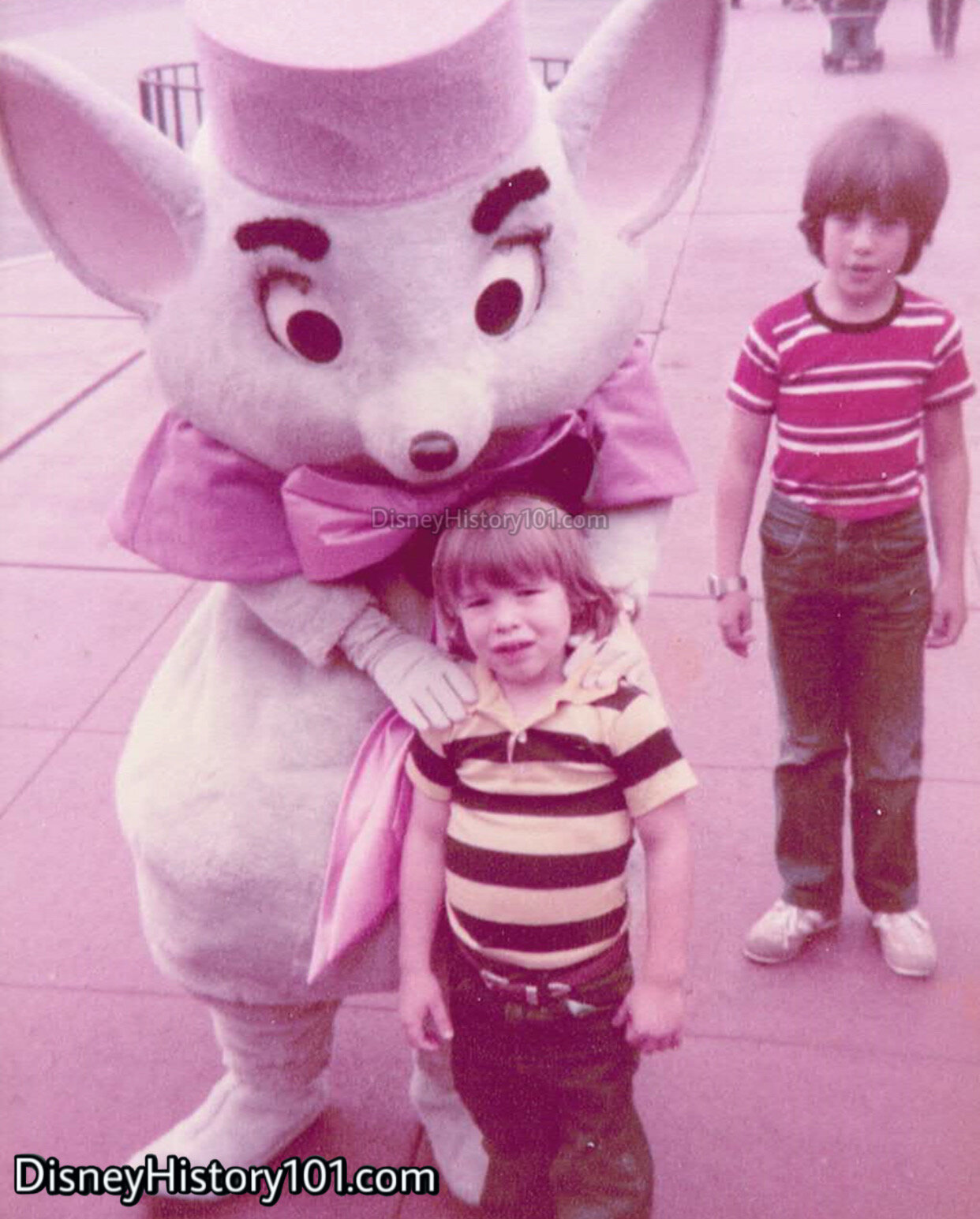
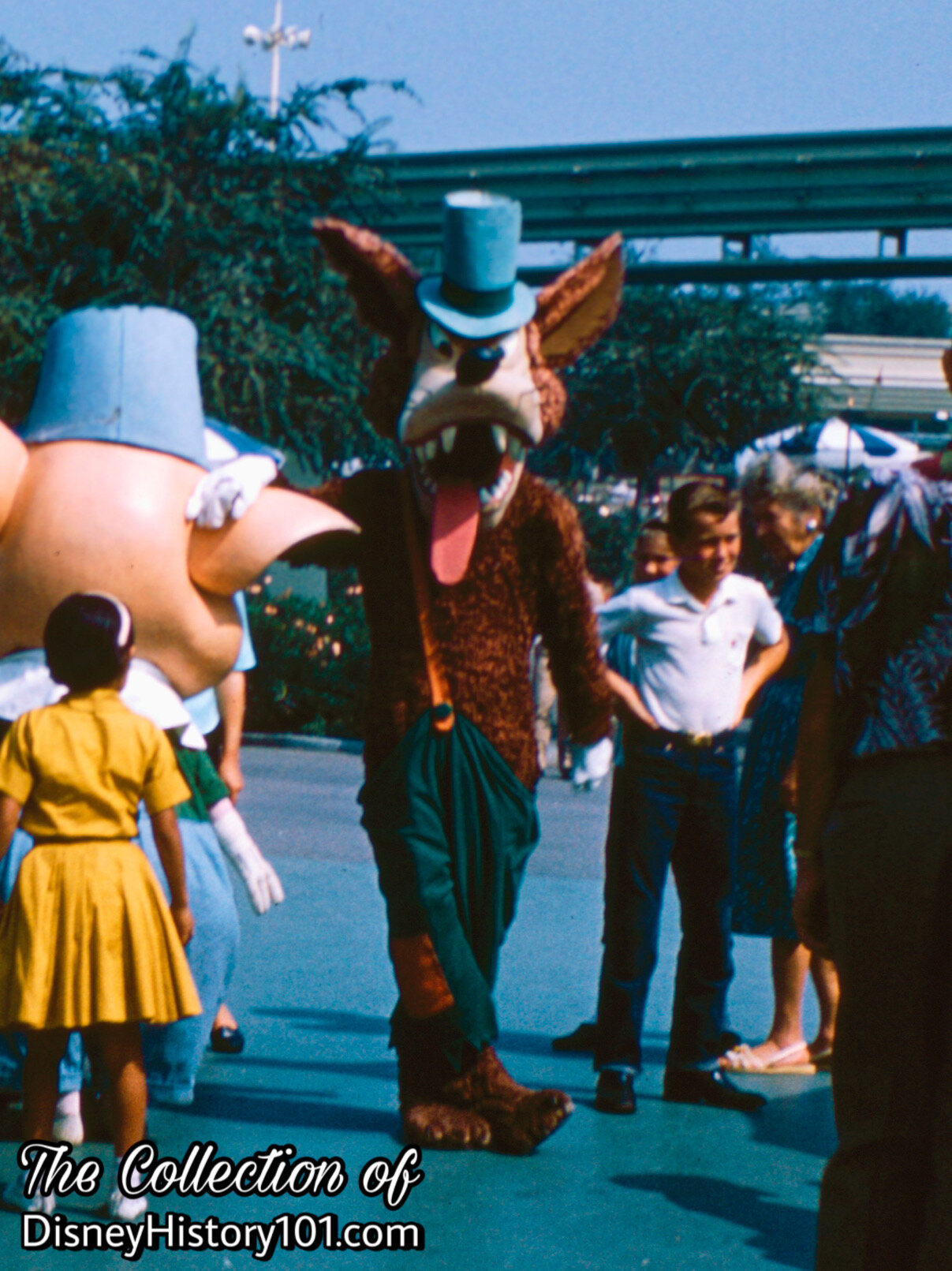
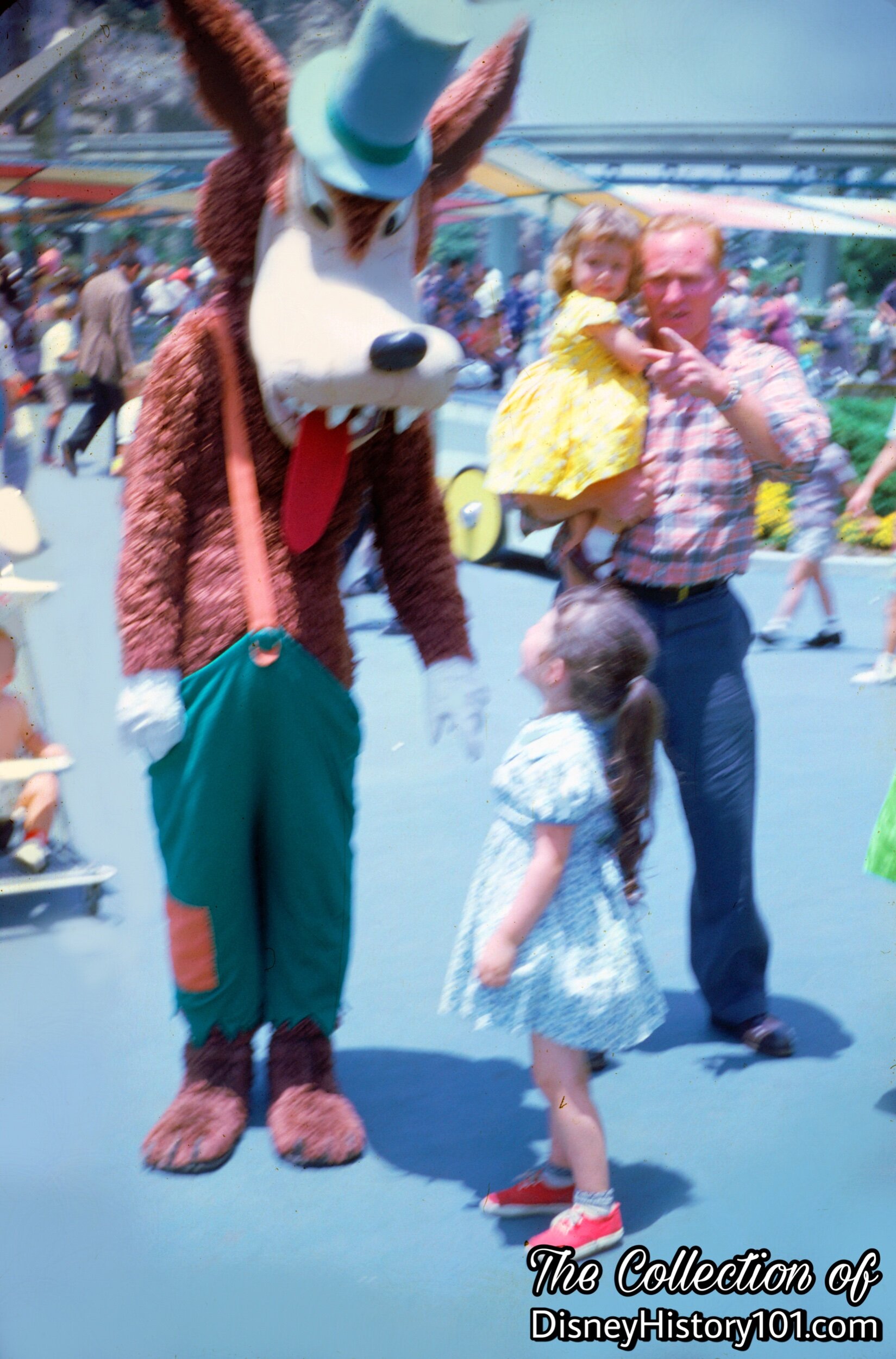
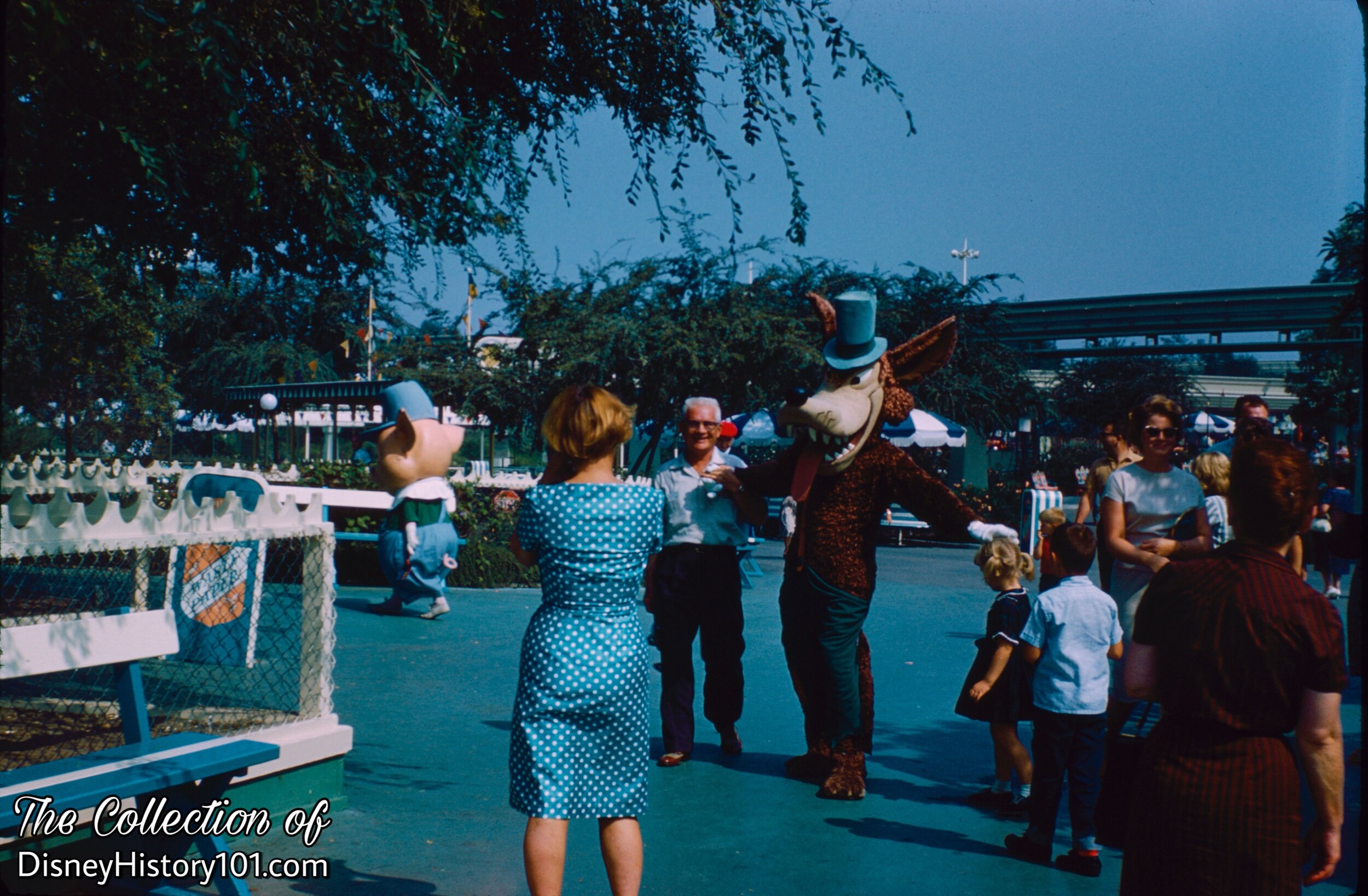
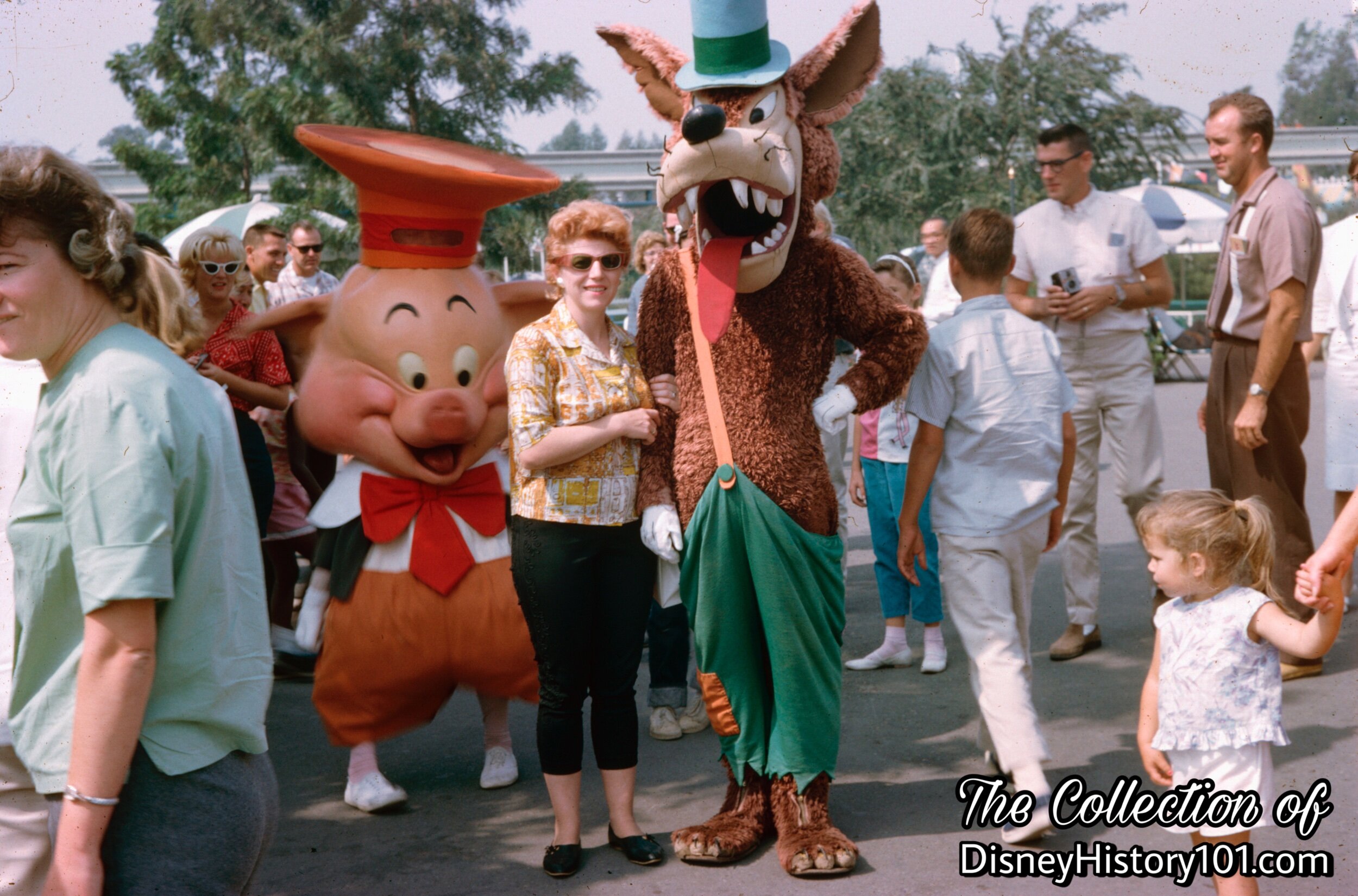
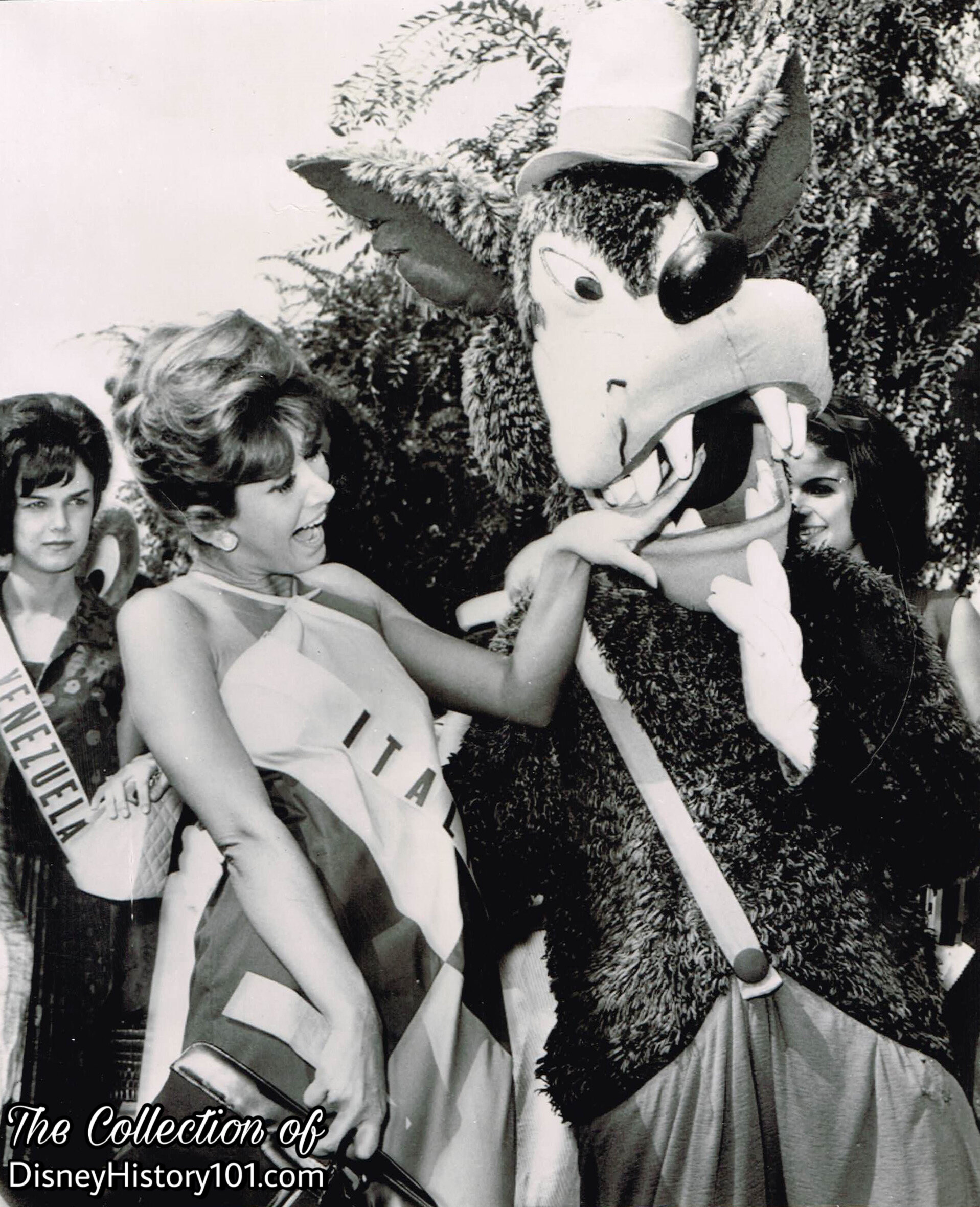
Big Bad Wolf poses playfully with Miss International Beauty Contestants as they visit Disneyland. Anna Luisa Rispoli (representing Italy) is pictured in the foreground with her mouth in the Big Bad Wolf’s mouth.
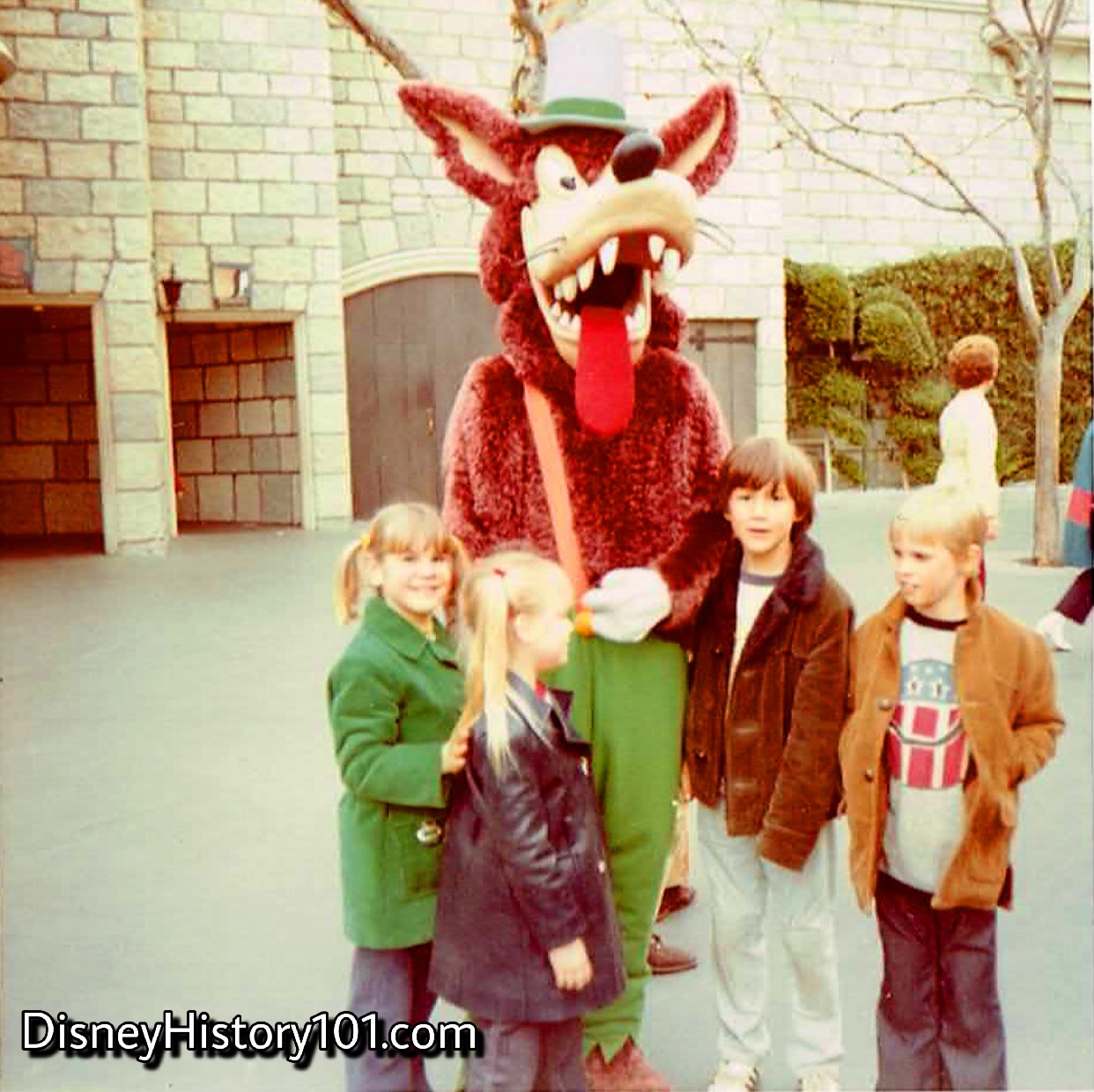
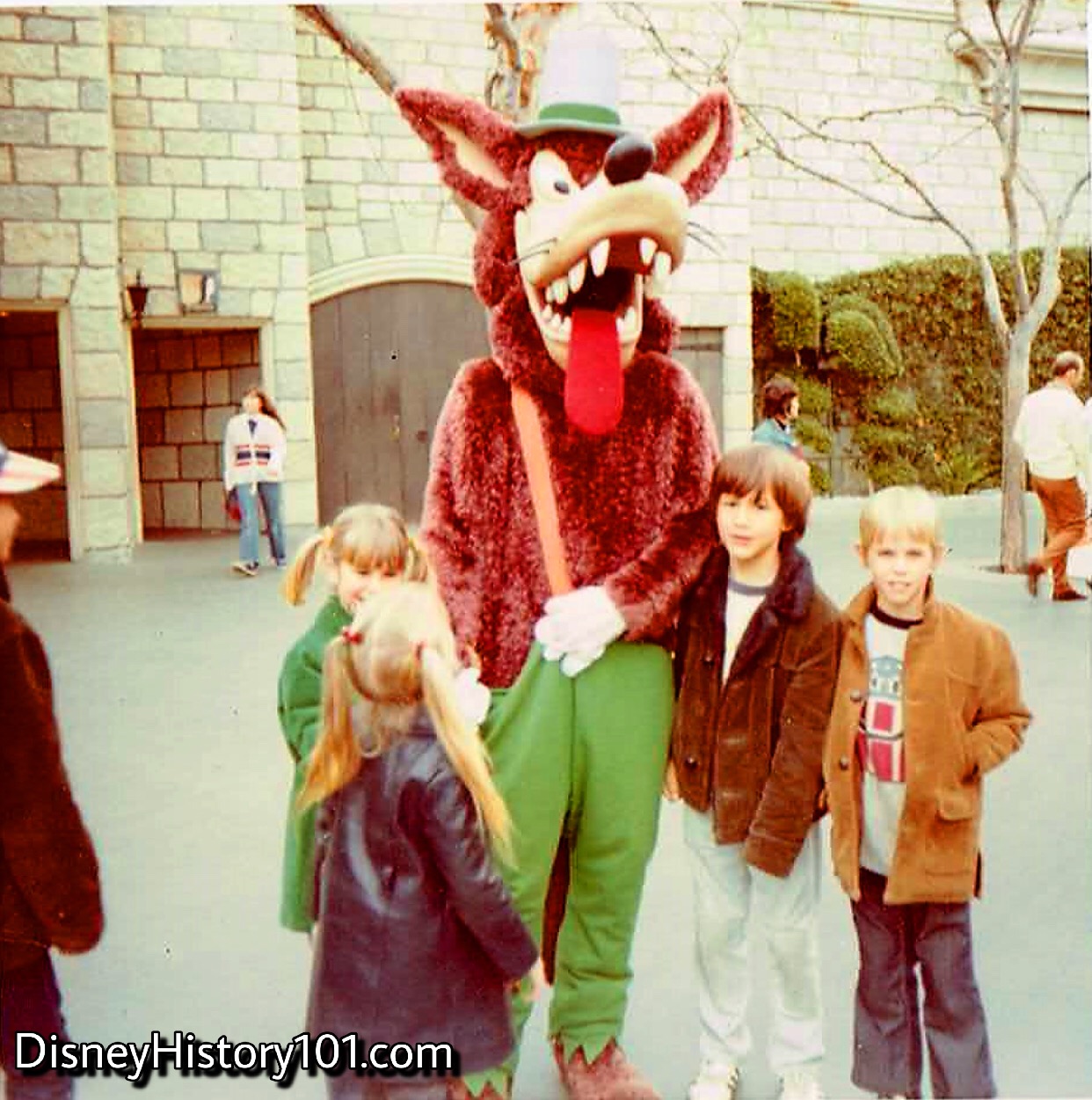
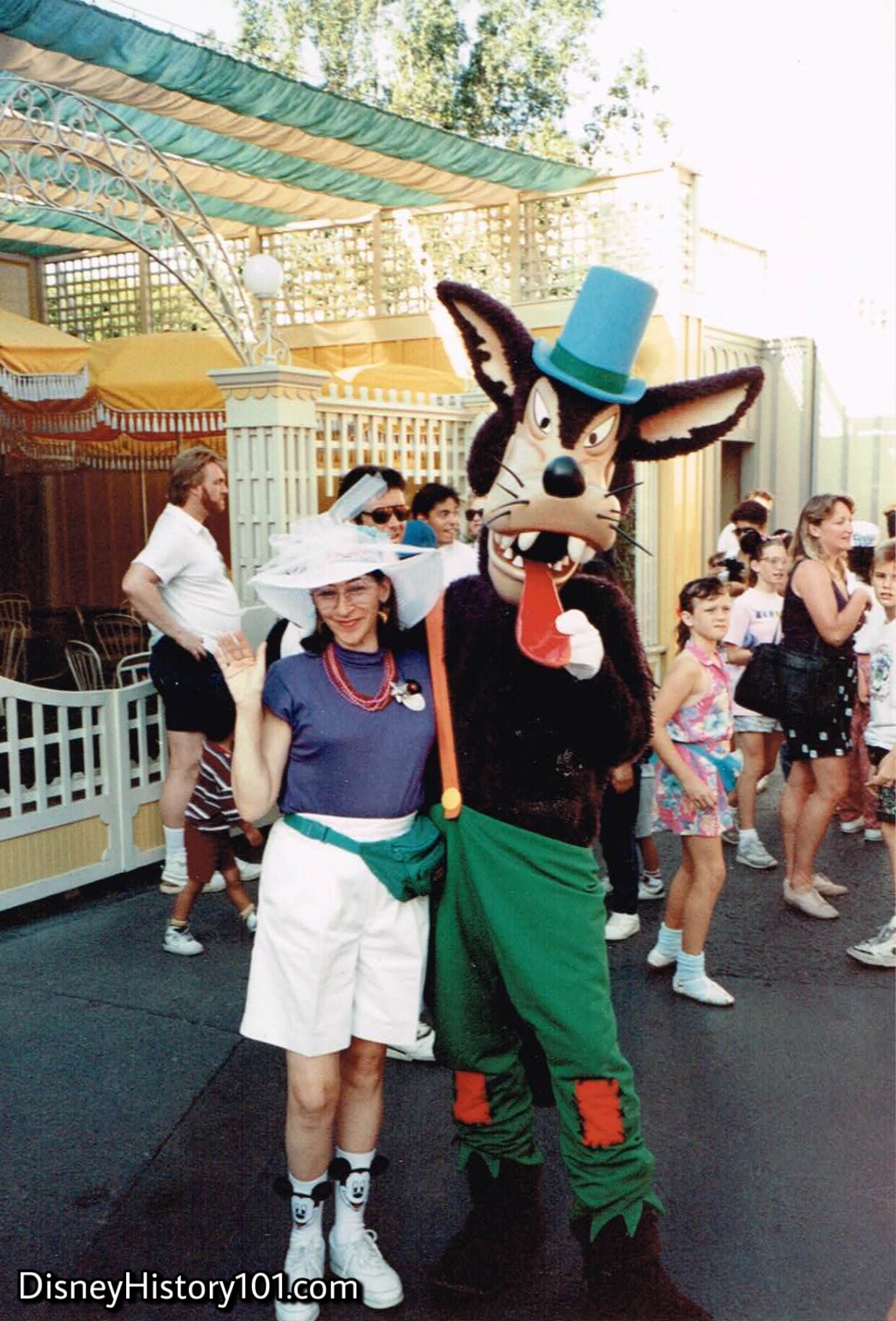
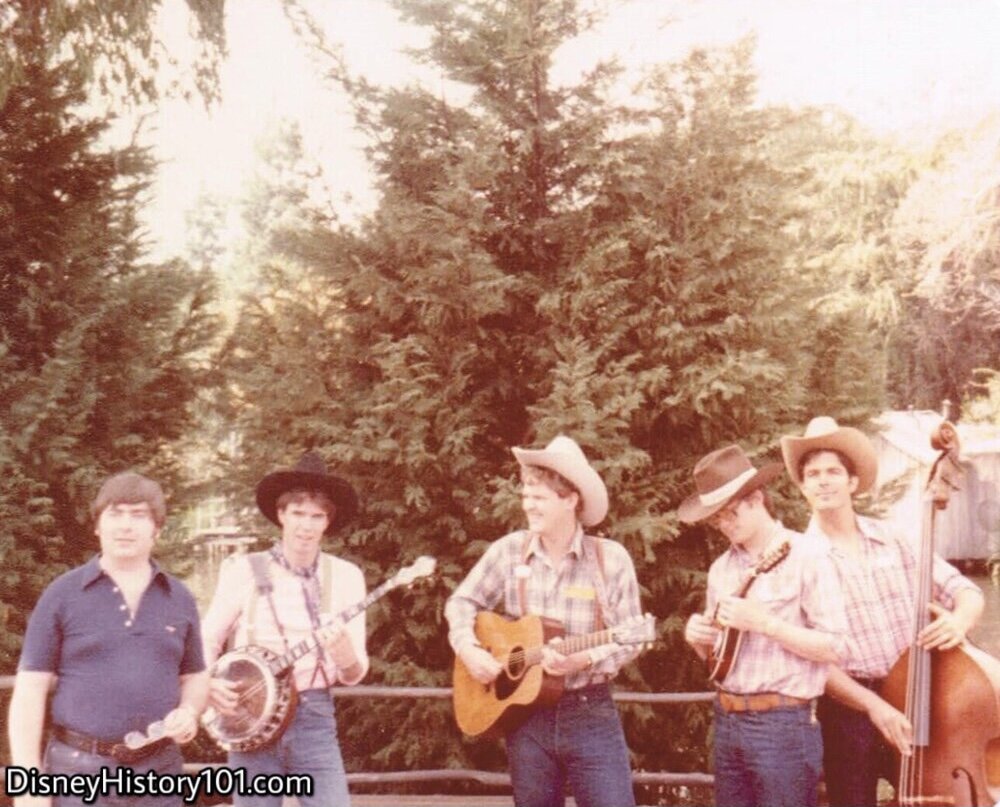
The Big Thunder Mountain “Breakdown” Boys (seen here during Disneyland’s 25th Anniversary) performed their bluegrass melodies from Frontierland throughout the 1980s.
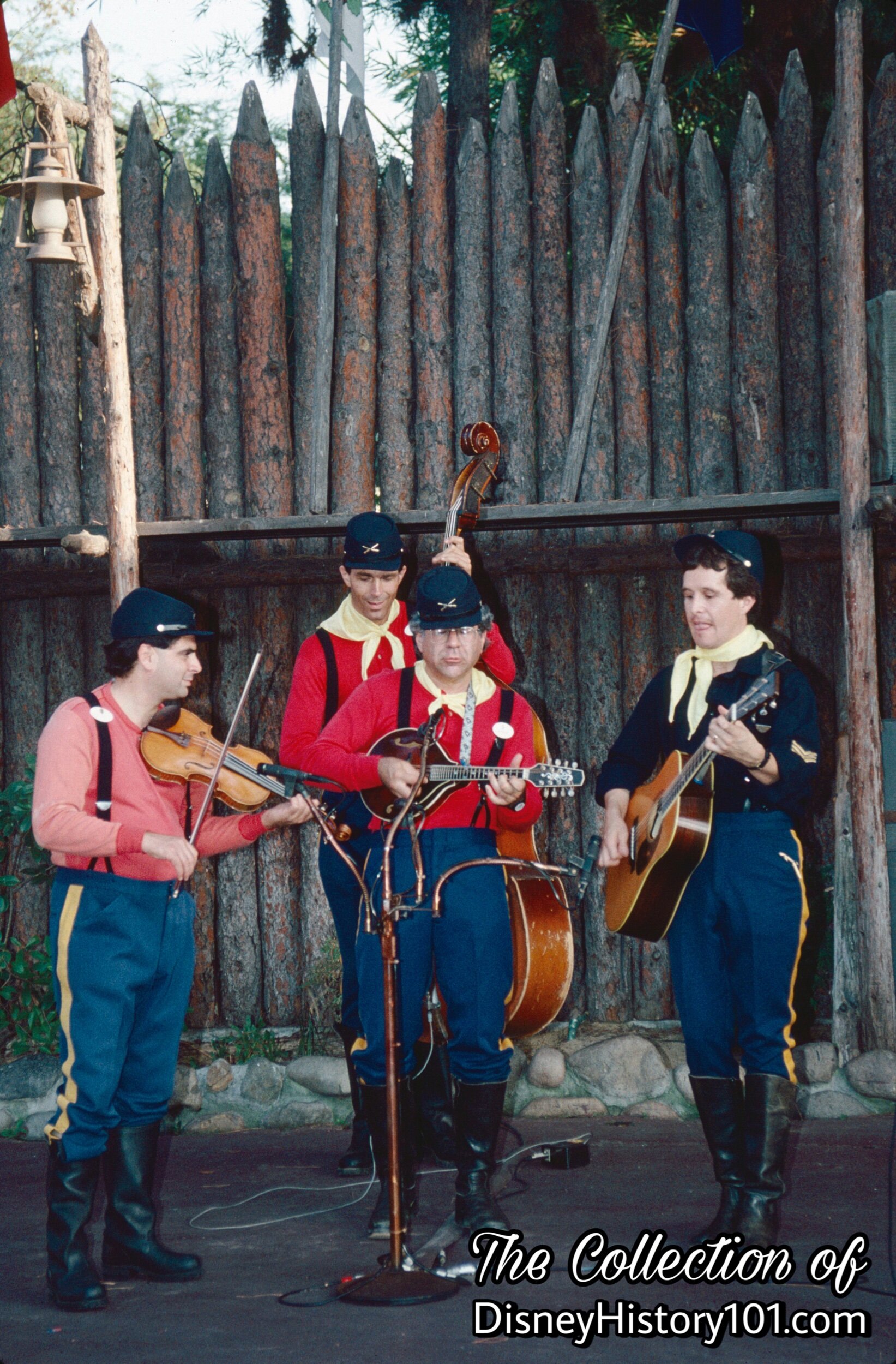
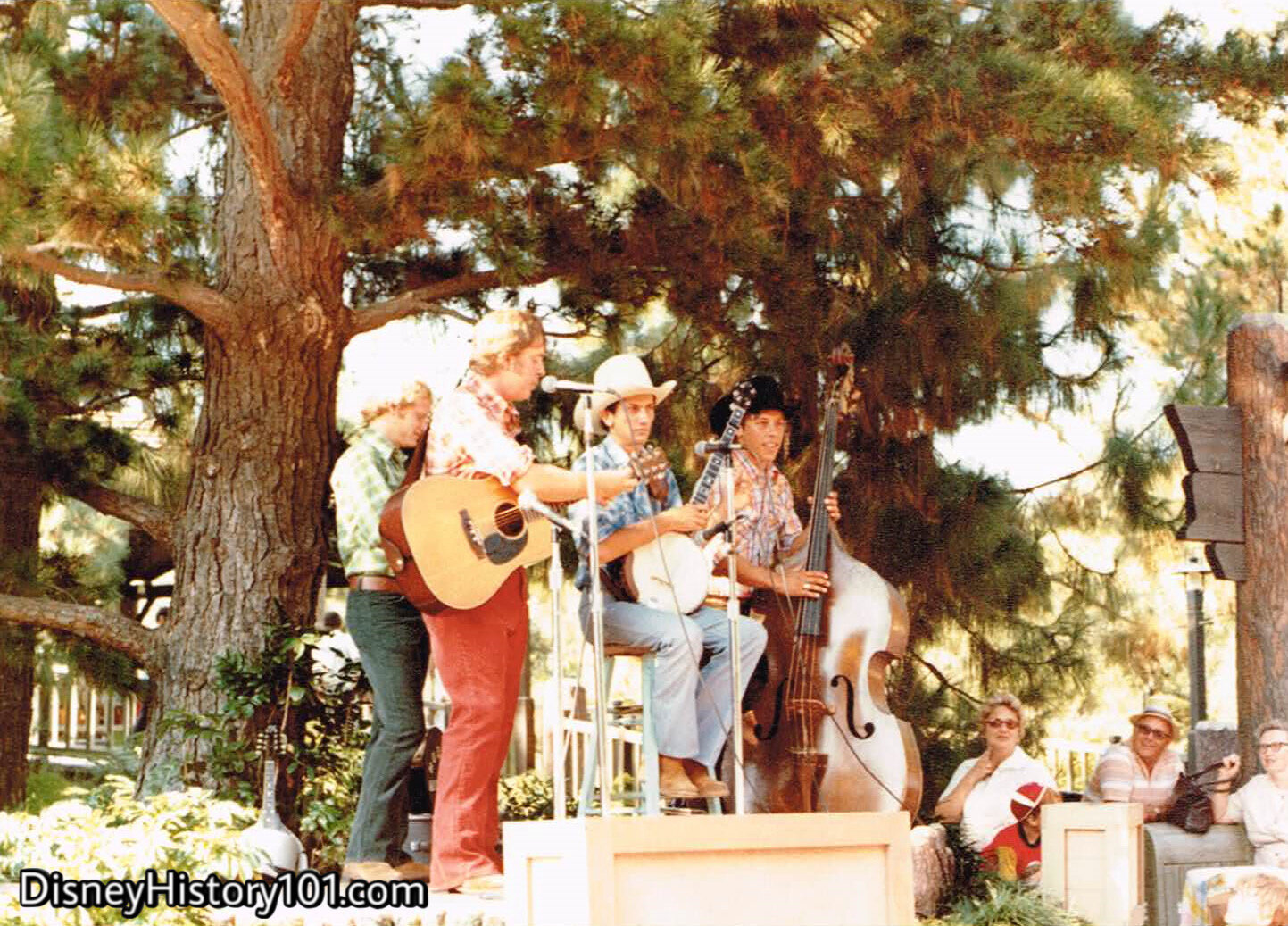
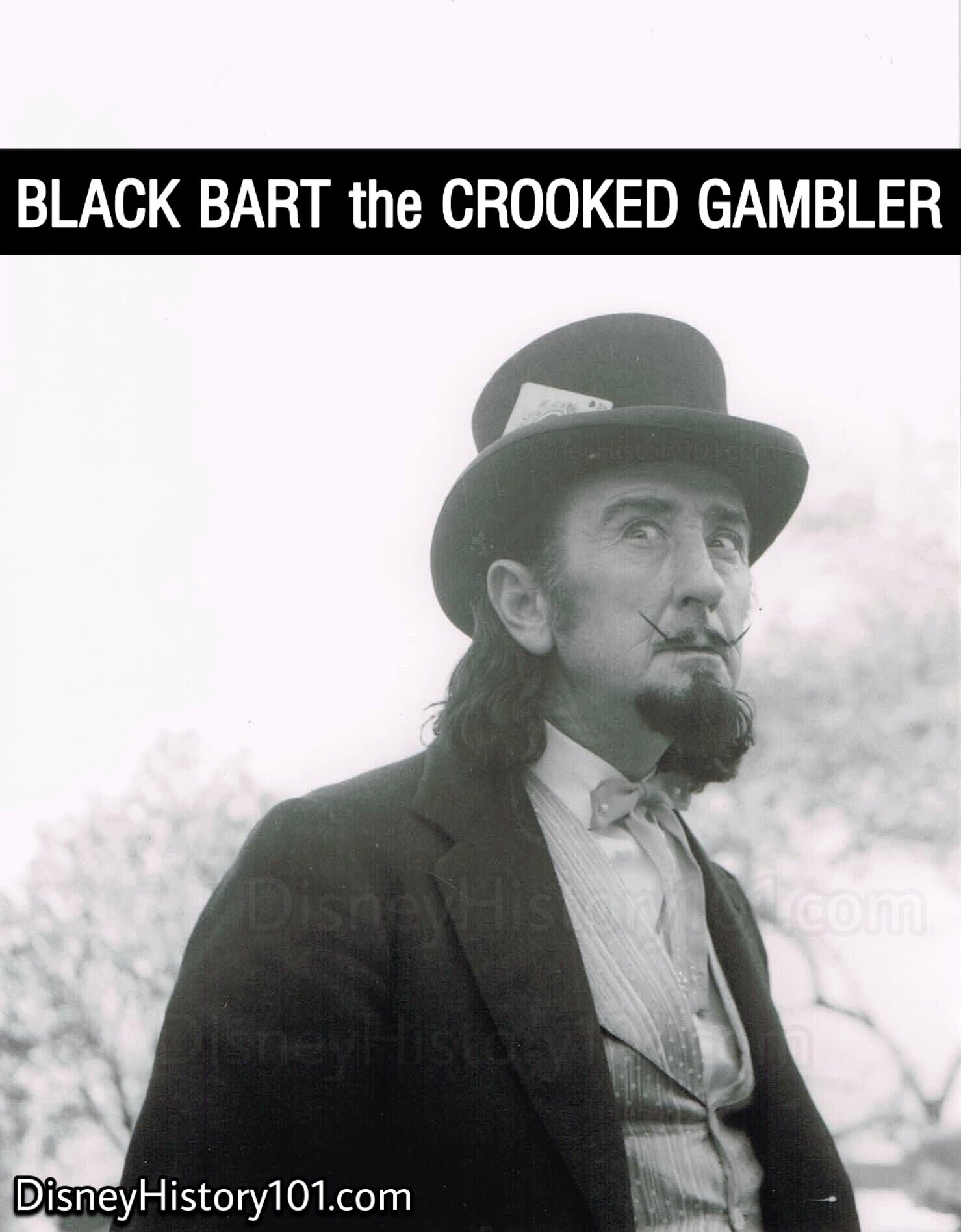

Noah “Dick” Morrison was once a “true life” deputy sheriff in Albuquerque, but has since traded his badge for a perforated ace of spades atop his top hat. Noah would portray one of Frontierland’s resident villains - Black Bart (the “crookedest card shark West of the Monongahela”), during Disneyland’s formative years!
Steve recollects : “I did meet [Noah] in character at Disneyland when I was about 8 years old. I was getting off the Omnibus in front of Frontierland when I heard a gunshot. Standing there was Black Bart in western wear…a black cowboy hat, white shirt, black vest, and western bow tie. He greeted all the kids including me and handed out an autographed photo of himself... that was a fun fond memory for me!
My next encounter with Noah was in 1961, when I was 13. The group of junior high [school] kids that lived in the area (which included myself), would stand on the corner adjacent to his house around 10 a.m. [while] waiting for the School Bus.
One morning Noah was sitting on his front lawn and doing a little weeding. None of us kids were talking to each other, and we didn't say anything to Noah. I think most of us knew that he had lost his job at Disneyland playing Black Bart. We all felt sorry for him and were afraid to say ‘hello’, until Jim Briglio spoke up and said, ‘Hi, Black Bart!’ He replied back stoically, ‘Hi’… and then a few other kids also kindly replied back to Noah, "Hi, Black Bart". Soon the bus arrived and we loaded on and were whisked away.
Through the years I would sometimes see him and his shop, as I walked or rode my bike by. His shop (which had originally been a matching detached garage), had been torn down, and he had a gray cinder-brick shop built for his upholstery business.
For many years, (as I grew up and learned to drive), I would often pass by his house on my way home and see his sign out front-- Black Bart's Upholstery! It must have been there for 20 years, until around 1978-80. I'm not sure when Noah passed away but I think he lived in that house until the day he died.“
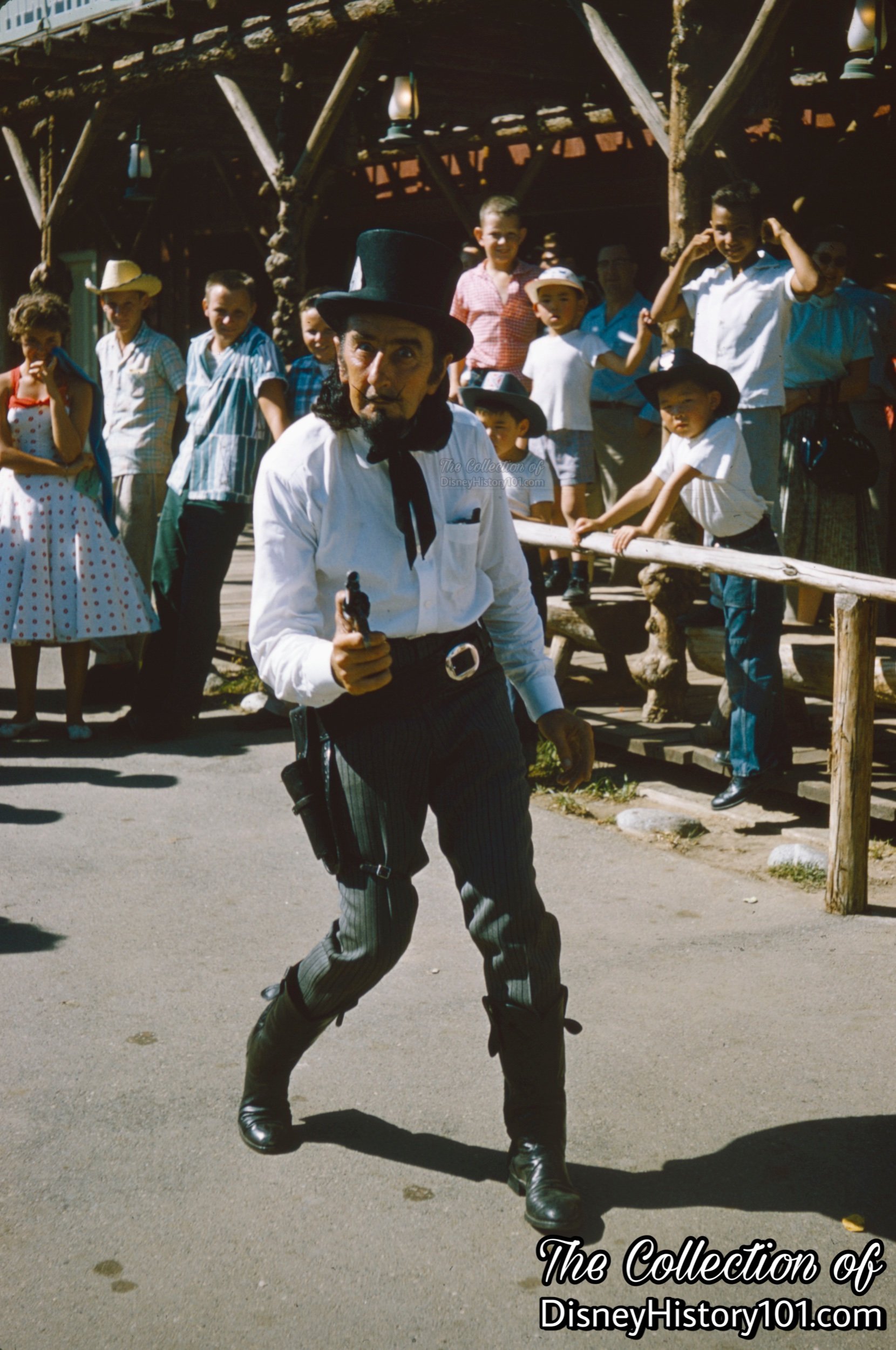
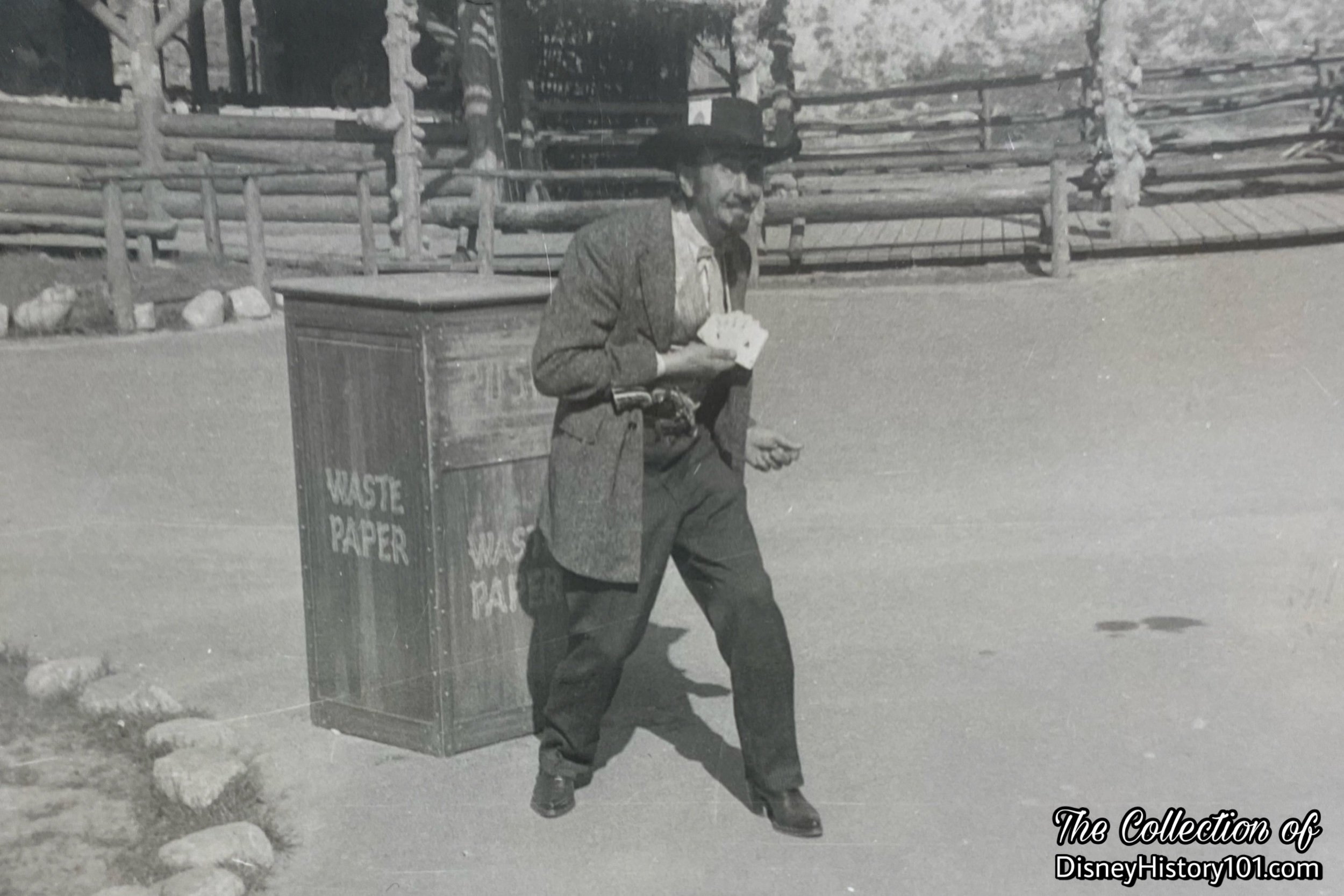
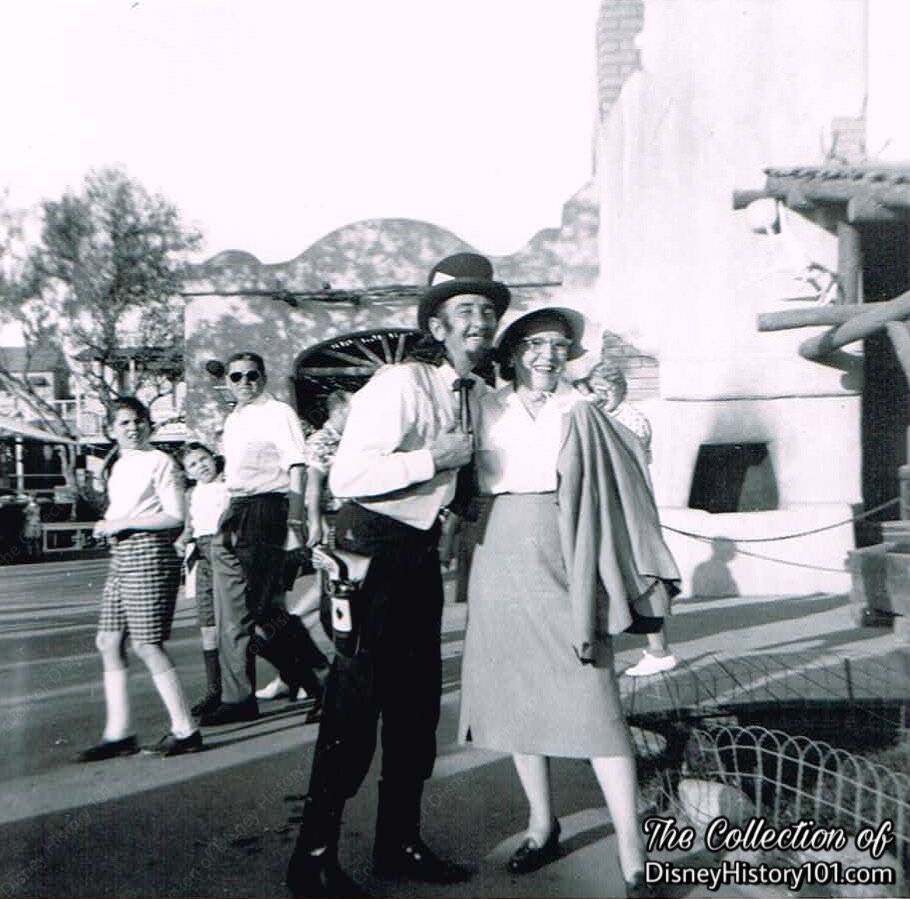
Disneyland Characters would continue to create happiness long after Van Arsdale France had coined and utilized the expression for presentations given before Disneyland corporate sponsors in 1955.
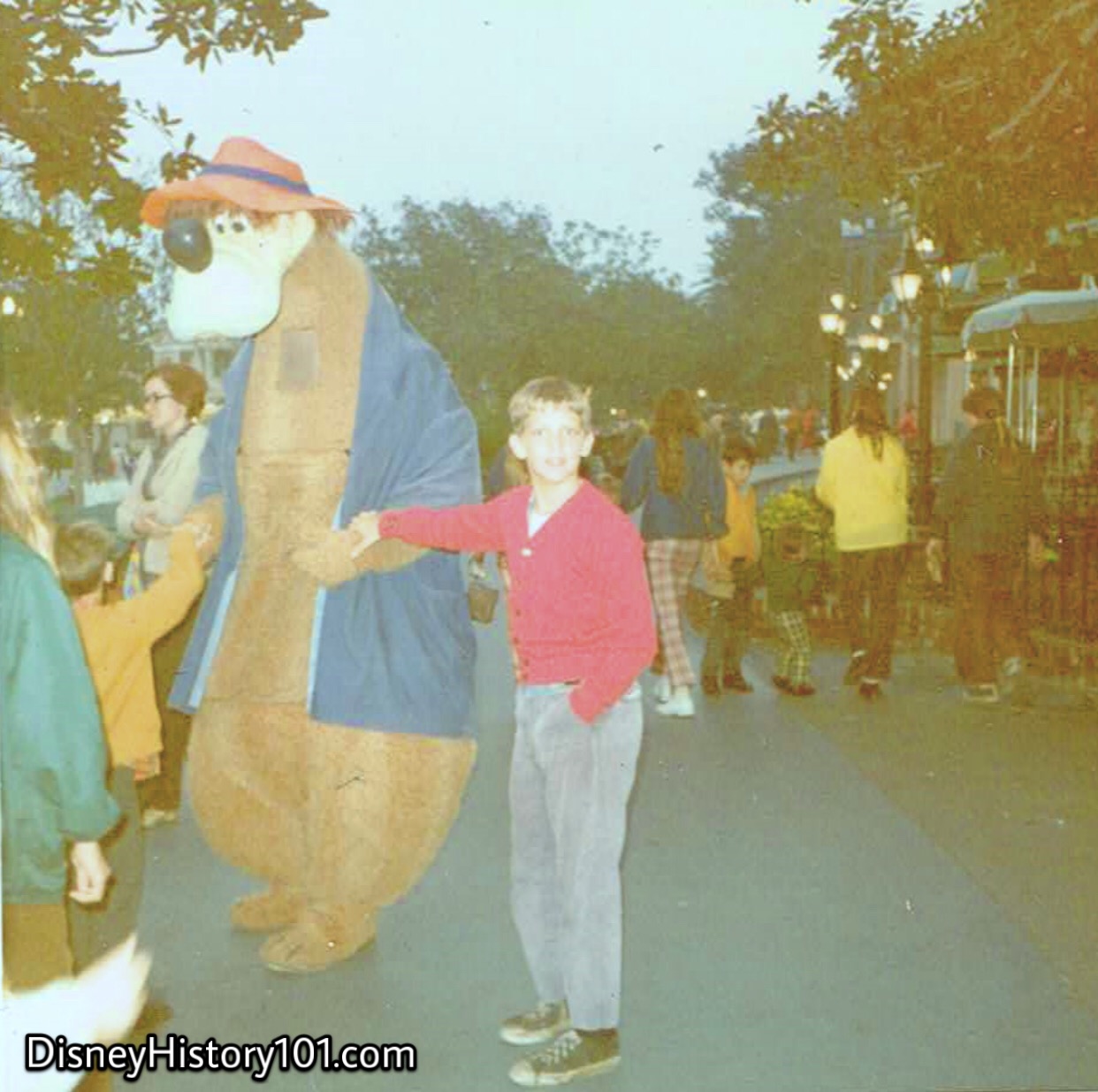
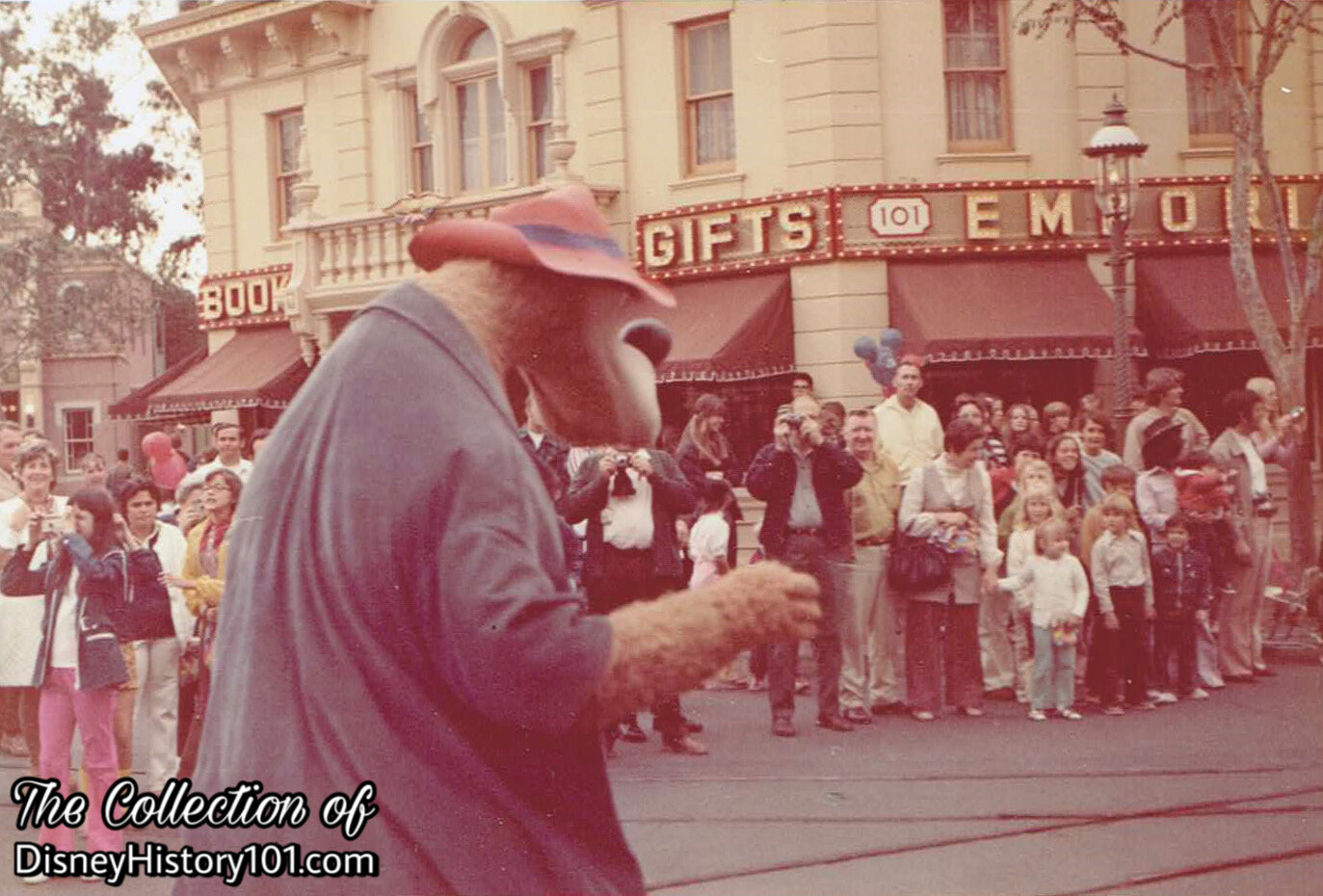
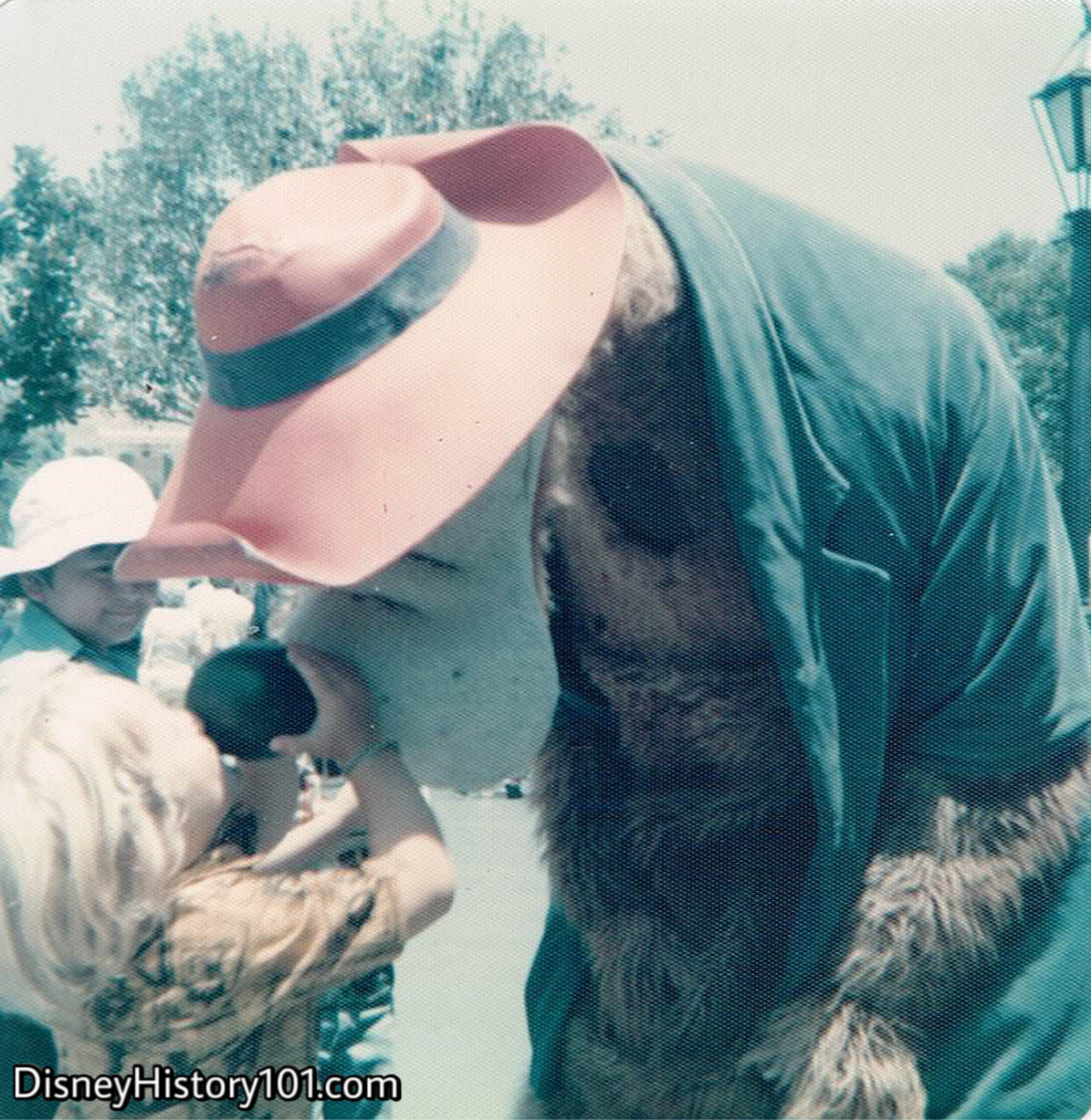
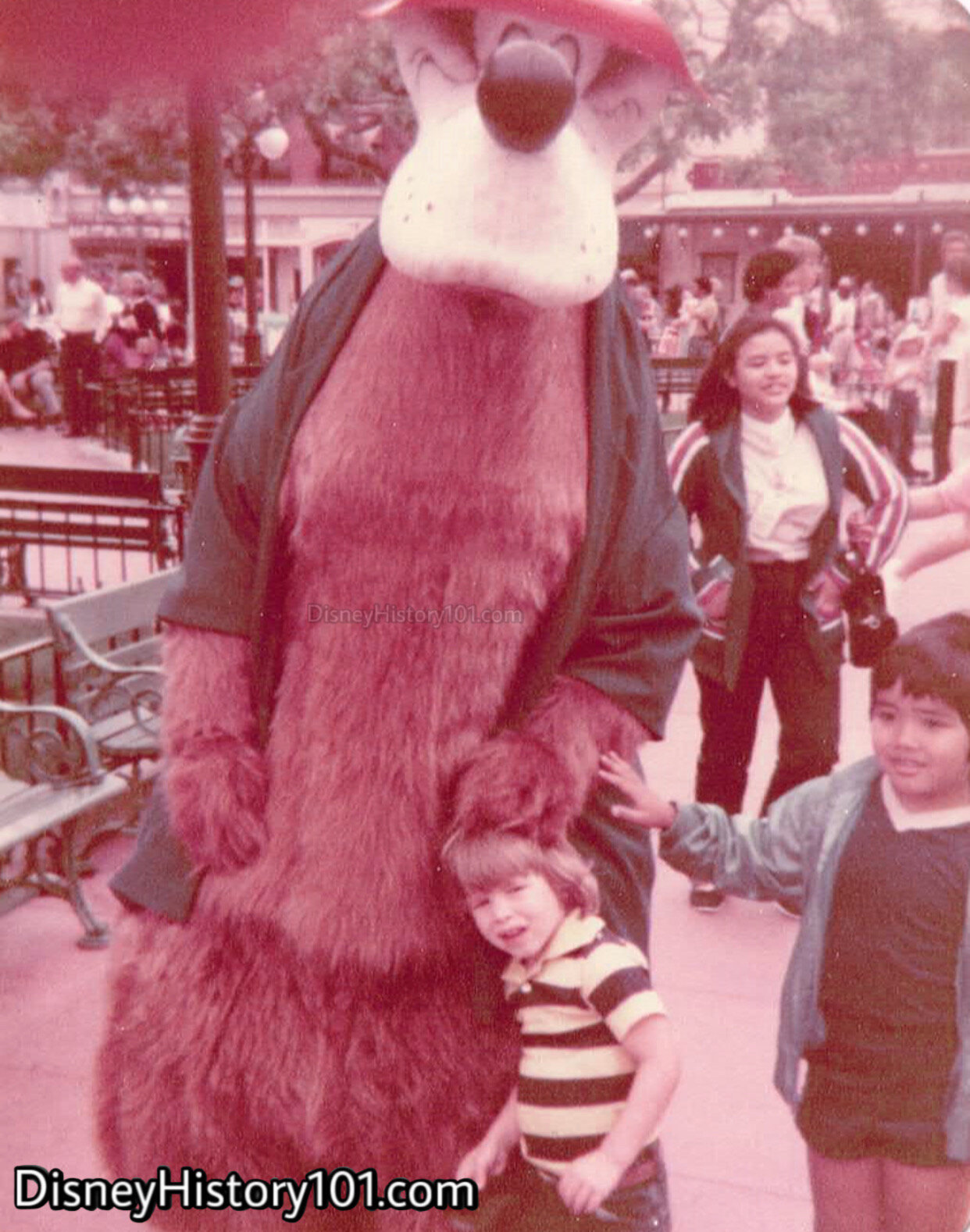
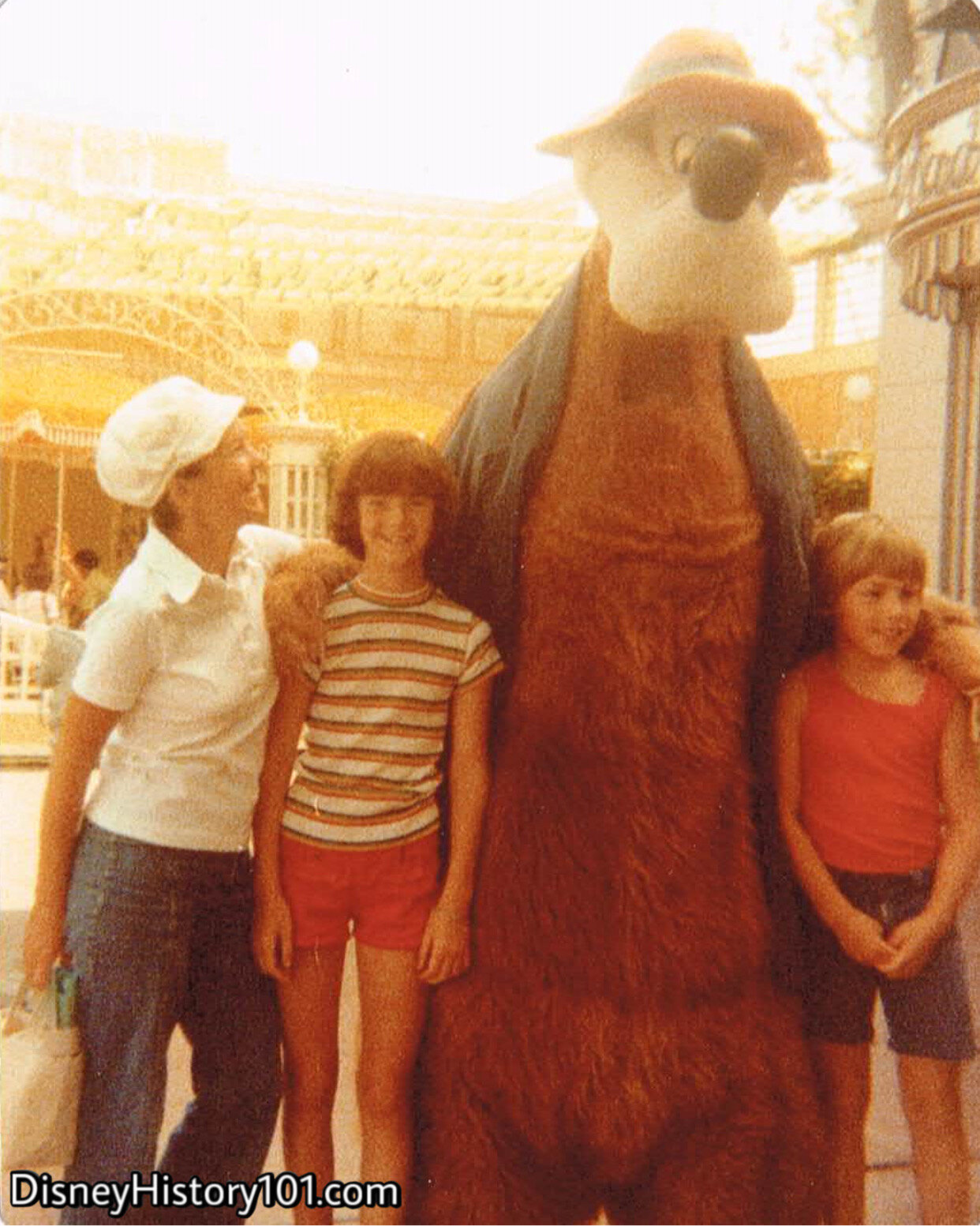

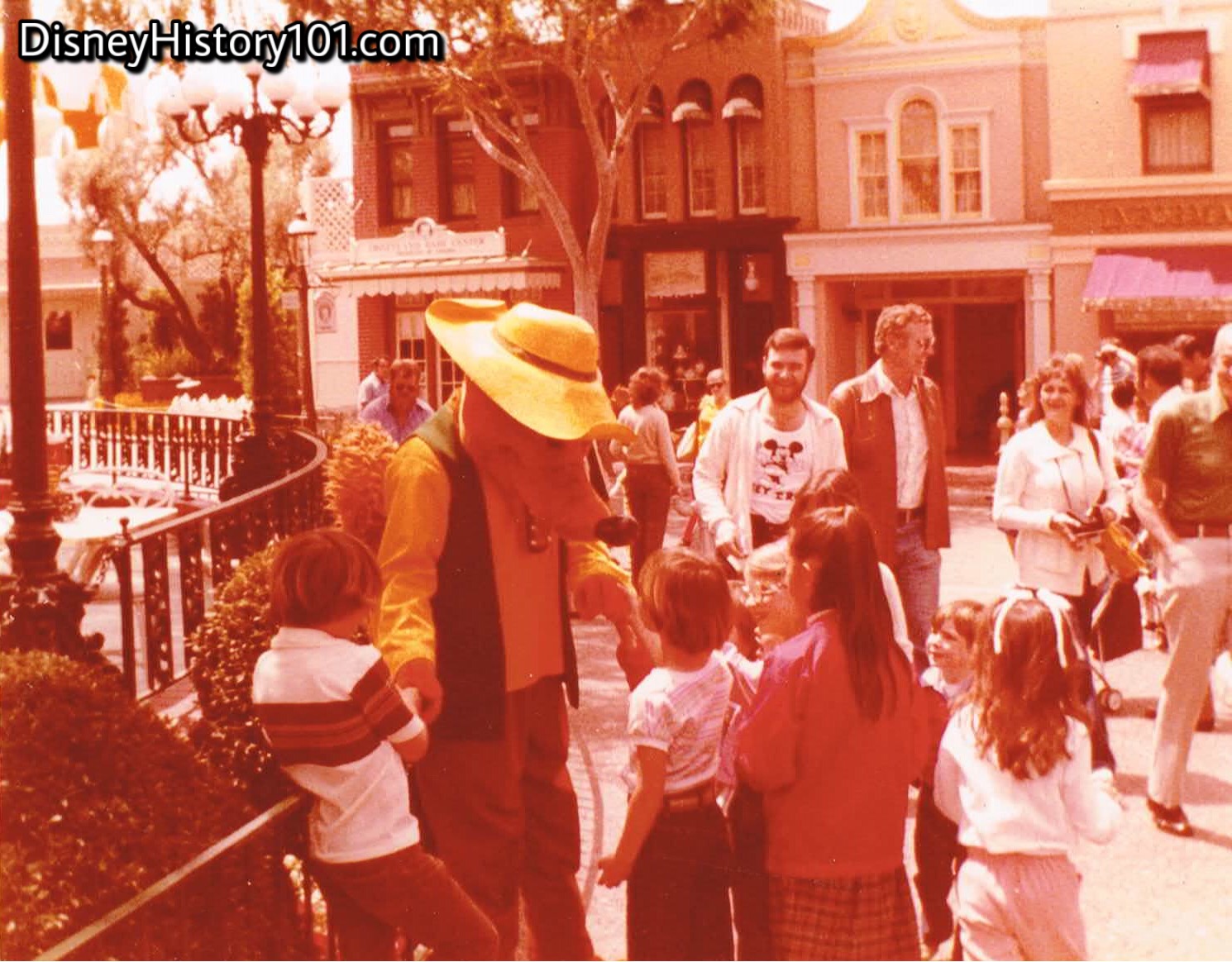
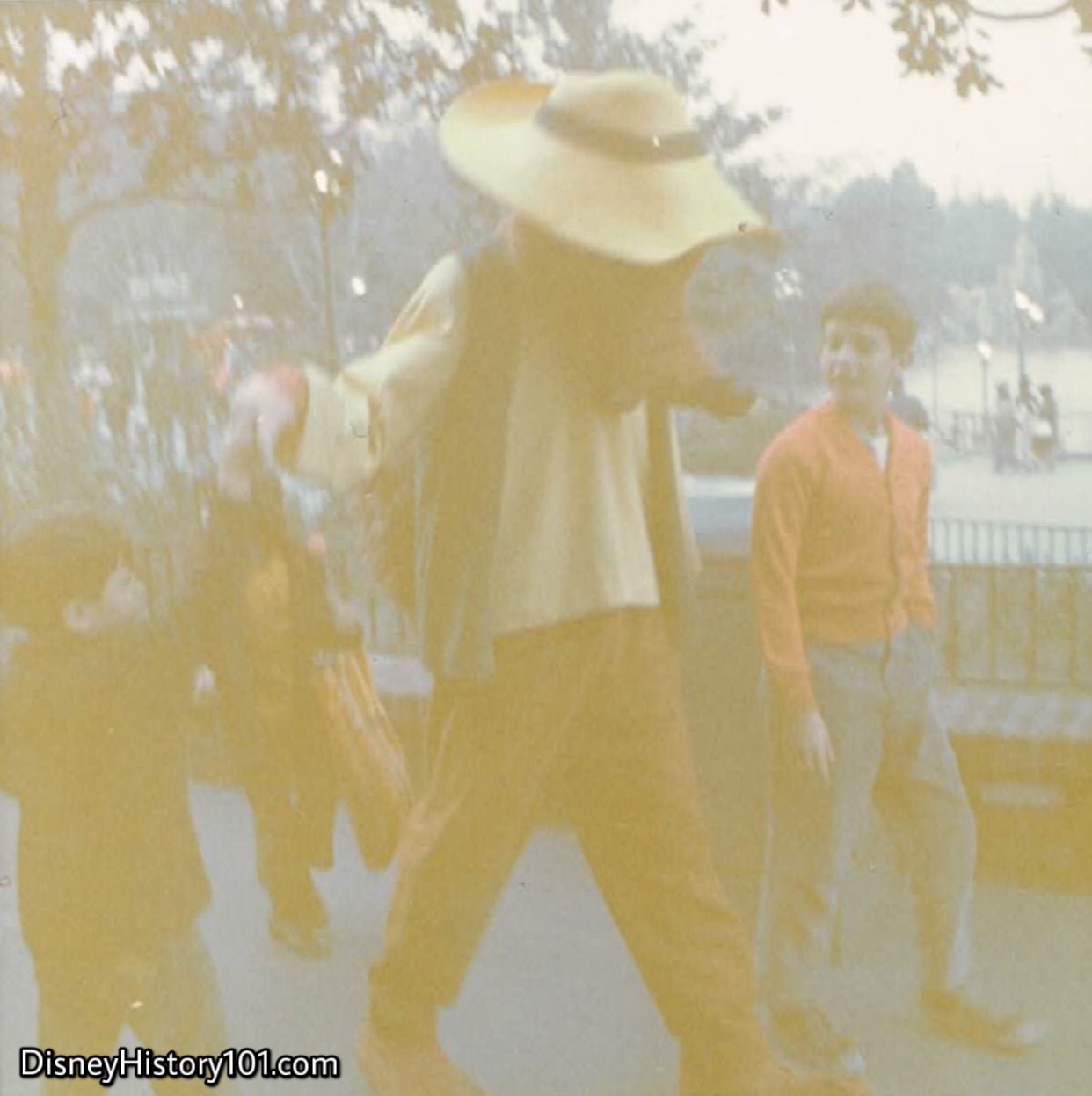

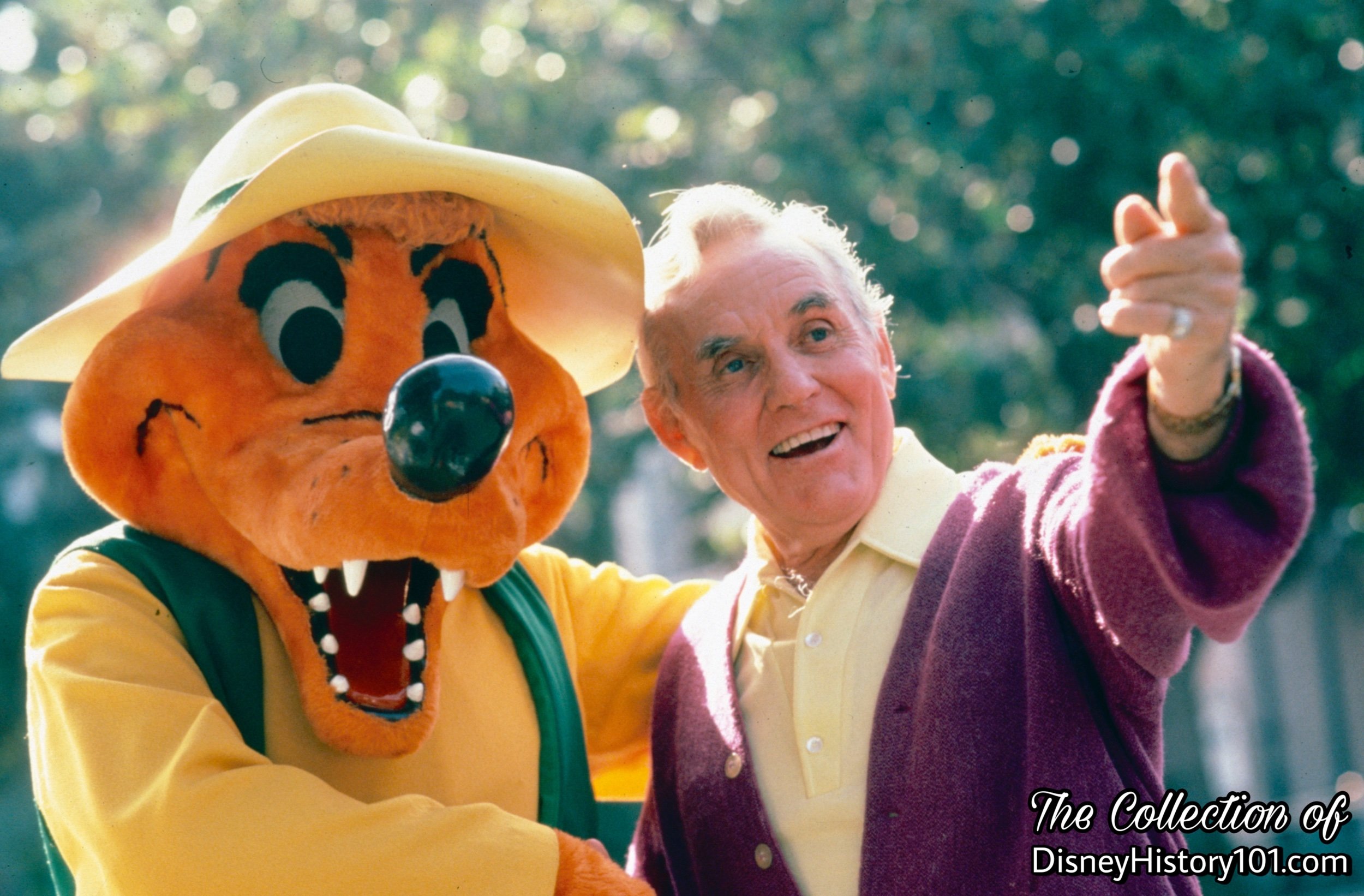
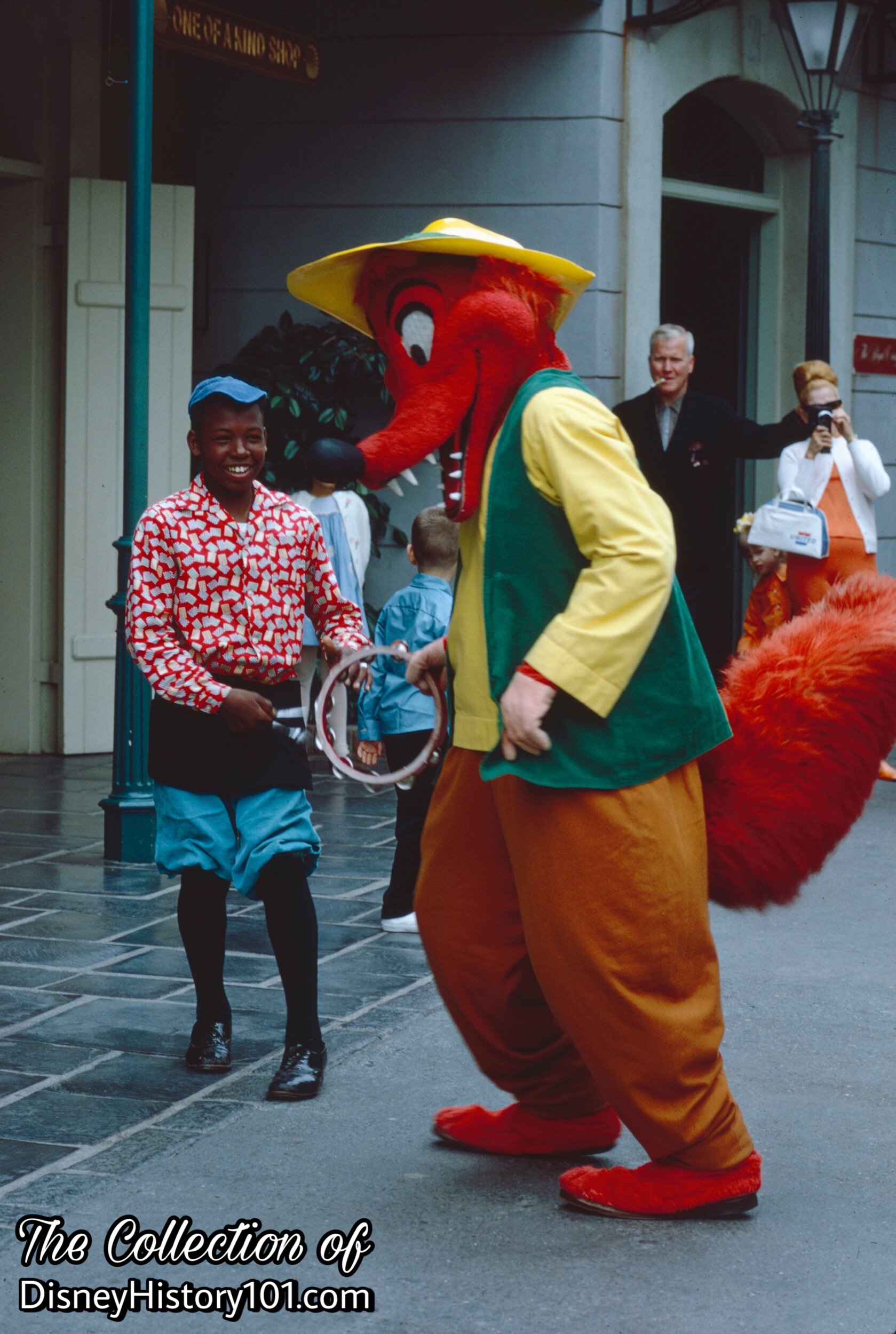
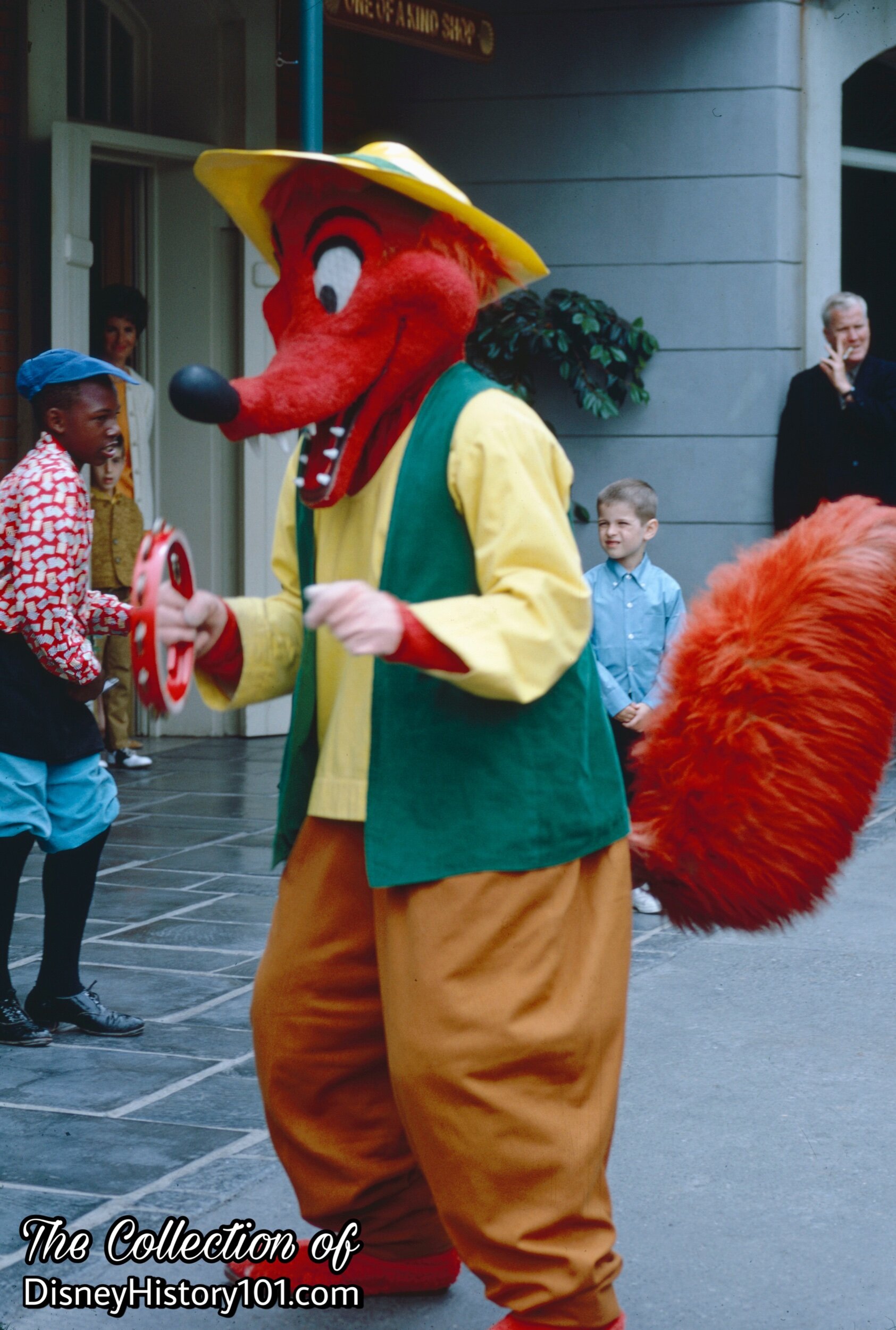
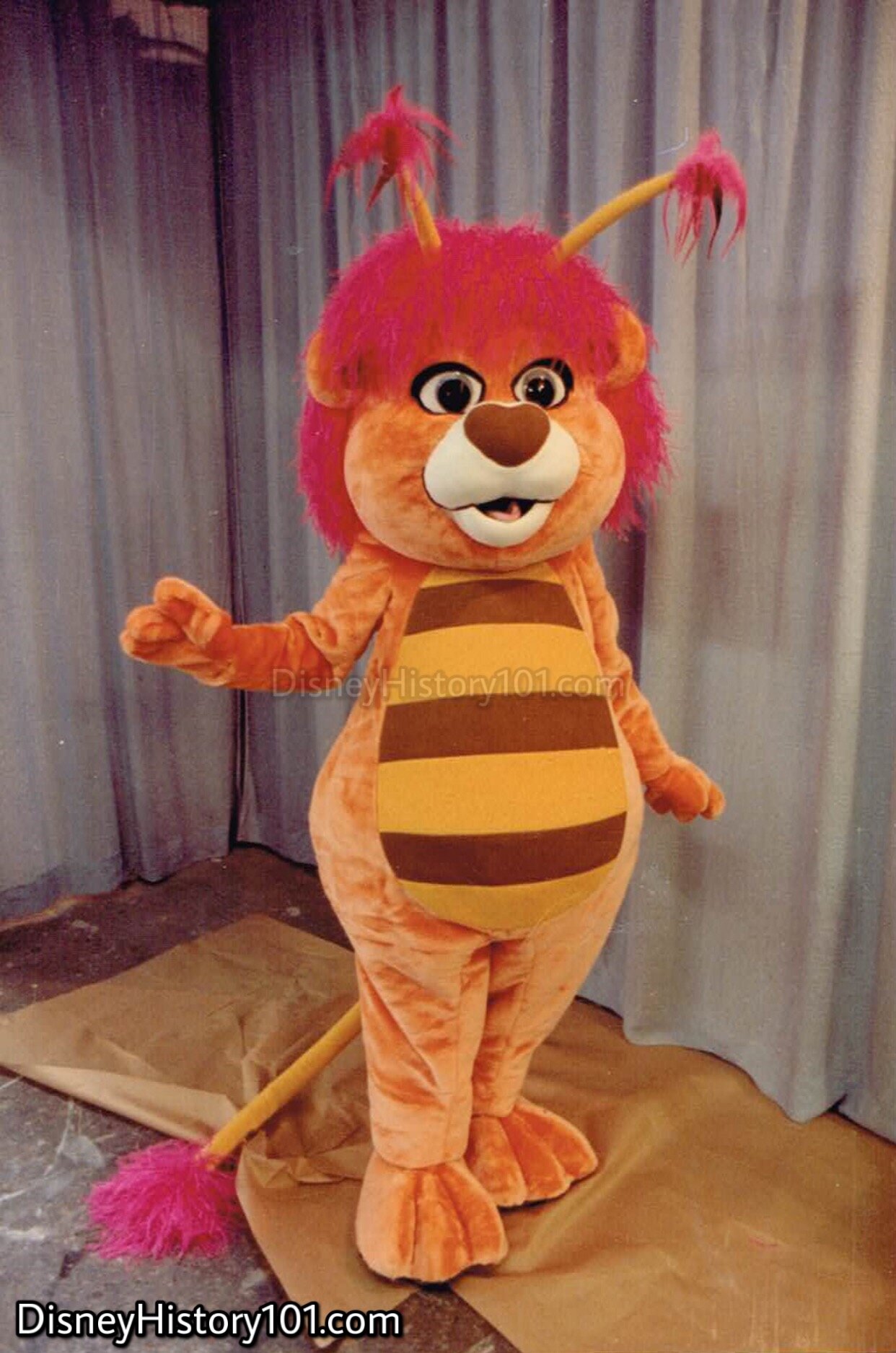
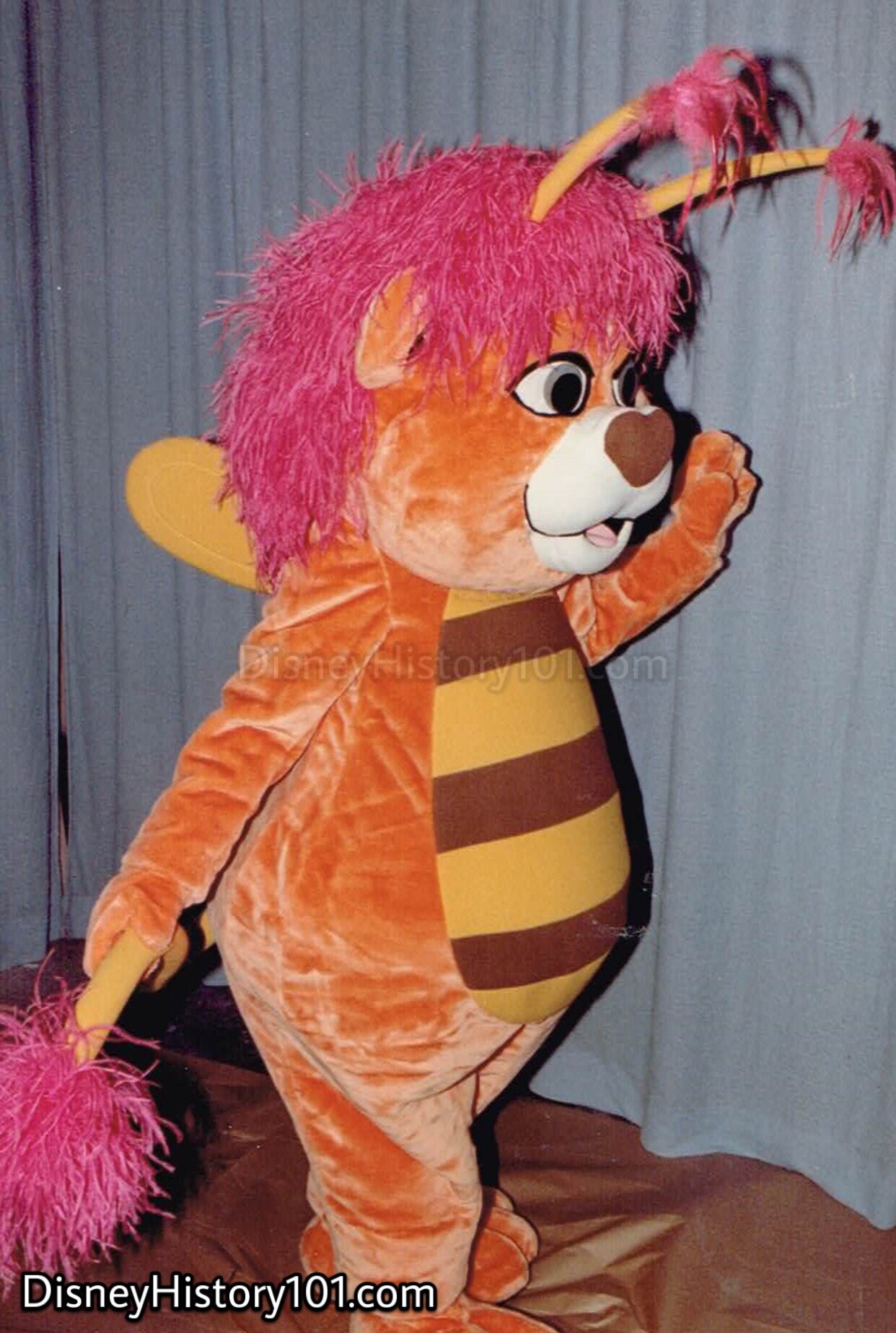
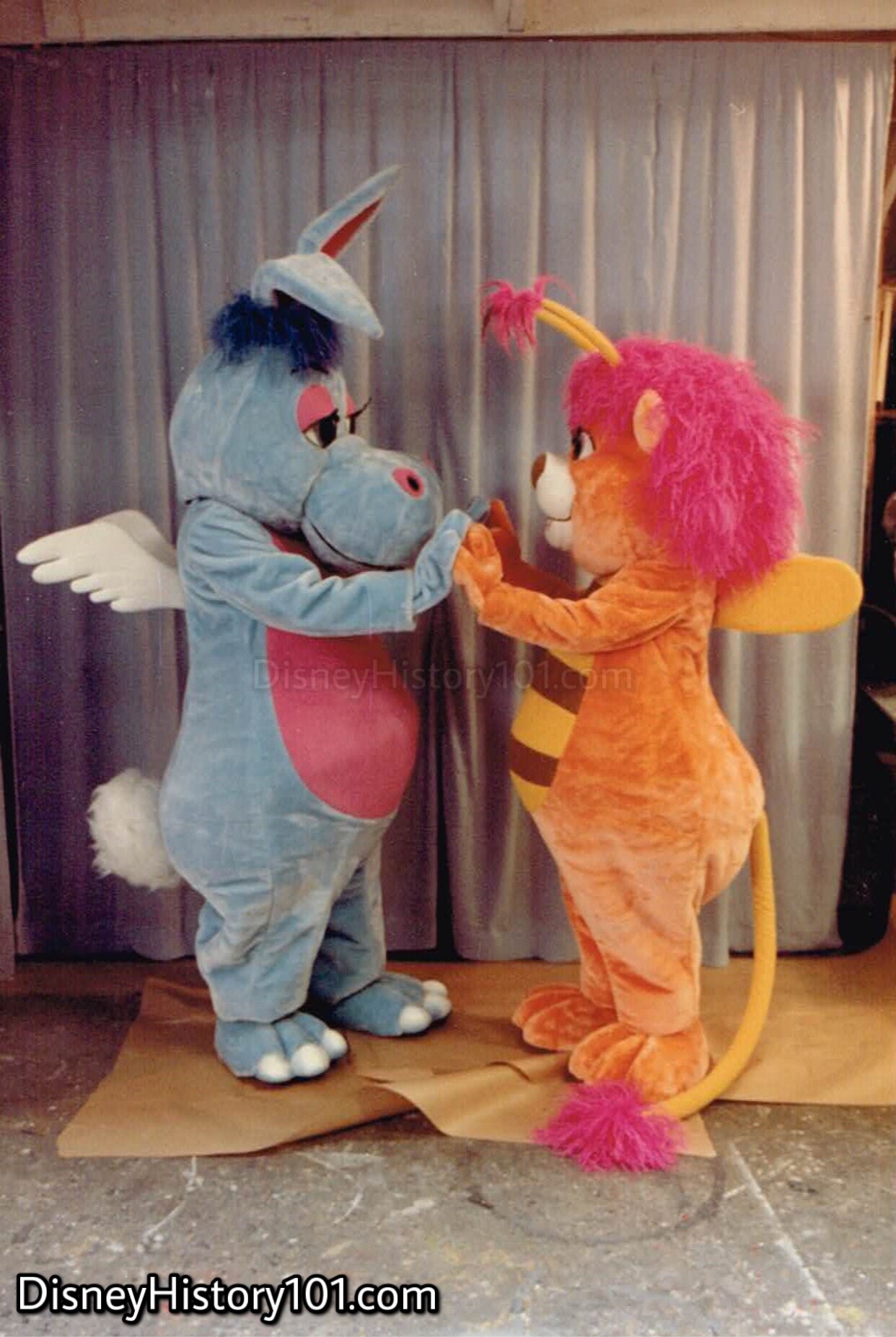
Since it was established, Disneyland’s theme park operations Disney Code of Guest Service has reminded Disneylanders that “the Magic Begins With” the Cast Member! It looks like Bumblelion and Hoppopotamus are practicing their S.E.R.V.I.C.E. (Smiling, making Eye contact, Respecting each other, Valuing the magic, Initiating guest contact, Creating service solutions, Ending with a ‘Thank You’!
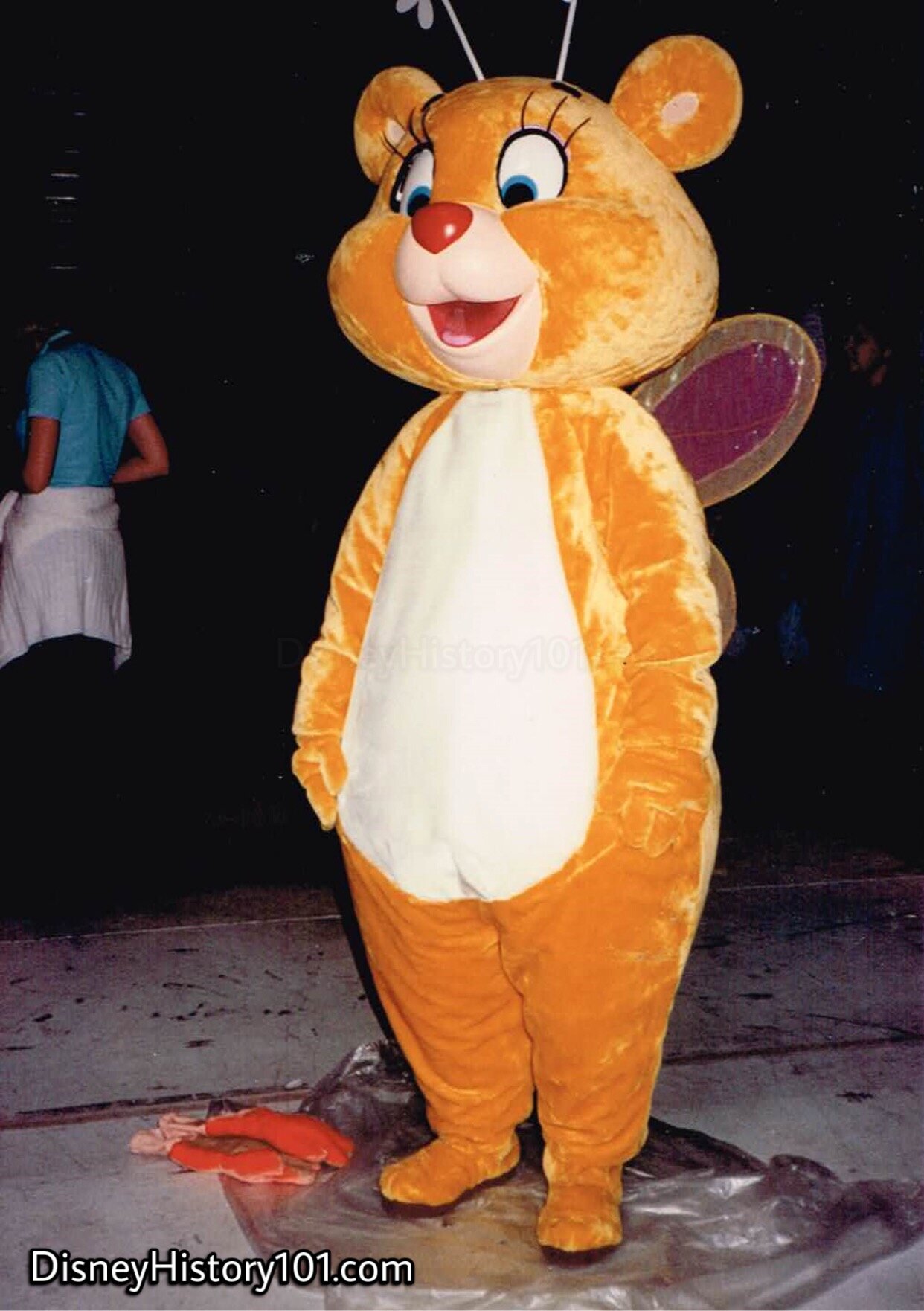
Butterbear prepares to head from Entertainment Costuming, to greet guests on the Stage for the first time (c. 1985)!

•Captain Hook (Peter Pan) - Captain Hook made his theatrical debut in Walt Disney’s Peter Pan on February 5, 1953. The elegant Captain Hook made his Disneyland debut during the summer of 1961. In August of 1962, Lloyd Richardson, Larry Clemmons, Joe Marquette, Coy Watkins, and Jack Leppert (of the Walt Disney Studio) filmed and shot scenery for Studio Production #3185. During this visit, a plate was shot with Captain Hook and six others Characters (including the “Crocodile”) in front of the castle. Captain Hook was part of the Pre-game “Walt Disney and Disneyland Salute to the California Angels” at the new Angels Stadium on Saturday, April 23rd, 1966! Both Peter Pan and Captain Hook made regular appearances at the “Fantasyland Pirate Ship,” greeting guests as part of the Character Program, “throughout the Christmas Holidays” (daily between parades, from 9:00am to 11:45am). [“Disneyland Holiday Talent Master Schedule,” prepared for the period of December 16, 1967 through January 1, 1968]
Cast Members Mike Lopez and Steve Ralsten once served as a Pageant Helpers for Captain Hook.
When Captain Hook hasn’t captured Tinkerbell trying to find the whereabouts of Peter Pan, he can be found at Disneyland.
•Captain Phoebus -
•Cheshire Cat -
•Chip - Chip the Teacup from Beauty and the Beast.
•Chip ‘n Dale - Chip ‘n Dale made their film debut on April 2, 1943. Chip and Dale were given their names by assistant director Bea Selck, who got the idea from the 18th century furniture maker, Thomas Chippendale. Animator Bill Justice is probably best known as the animator who brought Chip an' Dale to life. He animated all but one of the chipmunk cartoons and was the developer of their personalities.
The duo appeared in “Working for Peanuts,” a c.1953 animated short subject filmed entirely in 3-D (and one of the few 3-D cartoons ever produced). Four years later, the chipmunk partners made their big live-action debut at the Ice Capades of 1957, after which Chip and Dale (like most other characters), strolled through Fantasyland (and most of Disneyland), greeting guests without a “timed” schedule. It had been any years since their screen debut in Private Pluto (1943). By this time Chip n’ Dale had appeared in more than 23 short films, and their character models had changed a bit by the late 1950s. Still, this is how Chip and Dale appeared to guests from 1957 to 1961 in Disneyland!
In 1961, new incarnations of Chip ‘n Dale debuted with a total of 33 come to life characters in Disneyland. However (like other Disney Characters), Chip ‘n Dale appeared at quite a few events held outside Disneyland, “training the almost human gorilla” in an act performed at the Canadian National Exposition’s “Matinee Fun Fest” (held August 24 - September 5, 1964). These versions of Chip ‘n Dale (resembling their original appearance) was part of the Pre-game “Walt Disney and Disneyland Salute to the California Angels” at the new Angels Stadium on Saturday, April 23rd, 1966, and were still recognizable and in use during parades and other events until 1968.
By the 1980s, they had starred in more than 24 cartoons, before becoming the current stars of “The Rescue Rangers” on the Disney Channel.
When Dale isn’t going nuts over Daisy’s Peanut Butter pie or being called away on a Rescue Rangers mission, he can occasionally be found meeting and greeting Guests at Disneyland.
•Cinderella - Charles Perrault was the French writer who is best known for his book of fairy tales collected more than 300 years ago, including the original story of Cinderella (The Glass Slipper). Walt Disney’s Cinderella (with significant character contributions provided by Marc Davis) made her theatrical debut on February 15, 1950.
Cinderella married Prince Charming. The film won an Academy Award for Best Song, and remained one of Disney’s most beloved feature-length films. Cinderella is a Disney Face Character who does not sing but can talk, communicate with Guests, and create magical Disney experiences for them. Princess Cinderella owns the Magic Kingdom castle and Tokyo Disneyland castle. Cinderella can usually be found greeting Guests when Suzy & Perla aren’t working on a new ball gown for her, or she isn’t being fitted for some new slippers.
According to “Fantasy Faire - Just Got Happier”: “Cinderella is a kind and gracious young lady who, despite the negative influence of her step-family, knows that dreams can come true. With the support of her mice friends and help of her Fairy Godmother, Cinderella's life changes when she meets her true love at the Royal Ball.”
•Clopin -
•Coachman - from Pinocchio
•Coke Corner Pianist - c.1986
•Colonel Hathi - Then, the “Jungle Book Parades” (consisting of Col. Hathi, Baloo and King Louie) with the Disneyland Band made regular appearances in Adventureland, greeting guests as part of the Character Program, “throughout the Christmas Holidays” (daily between parades, from 9:00am to 11:45am). [“Disneyland Holiday Talent Master Schedule,” prepared for the period of December 16, 1967 through January 1, 1968]
Mike Lopez was once close to Colonel Hathi.
•Country Bears -
•Cruella de Vil - Marc Davis’ Cruella de Vil is a Disney Face Character who can talk, communicate with Guests, and create magical Disney experiences for them.
•Cubbi Gummi (The Gummi Bears) - Disney’s newest stars - The Gummi Bears (and Cubbi) were available for photos beginning in 1987! They were available from 10am until dusk in Big Thunder Ranch. They joined the Disney Characters in Videopolis, and even the daytime New Very Merry Christmas Parade of 1987!
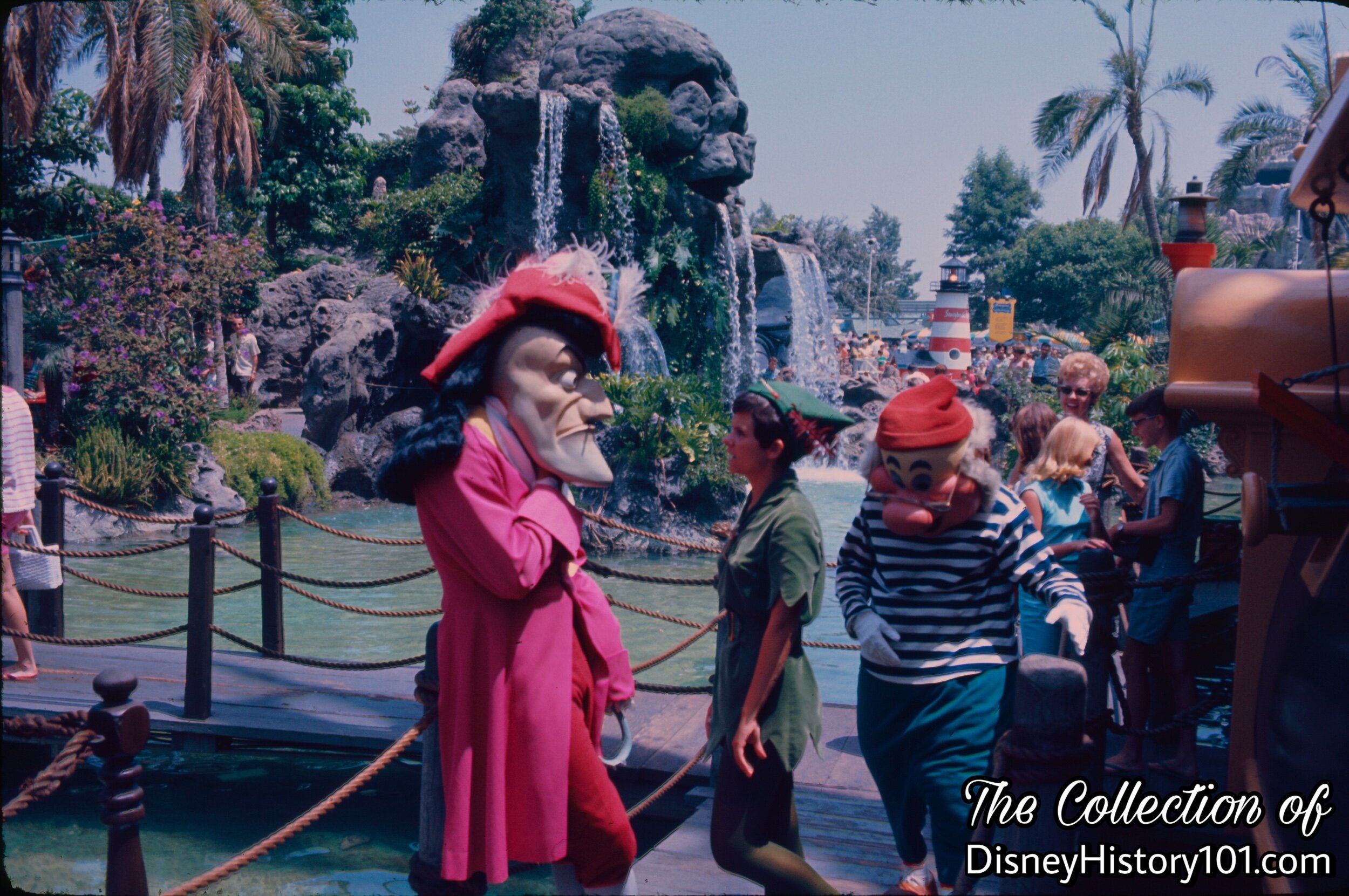
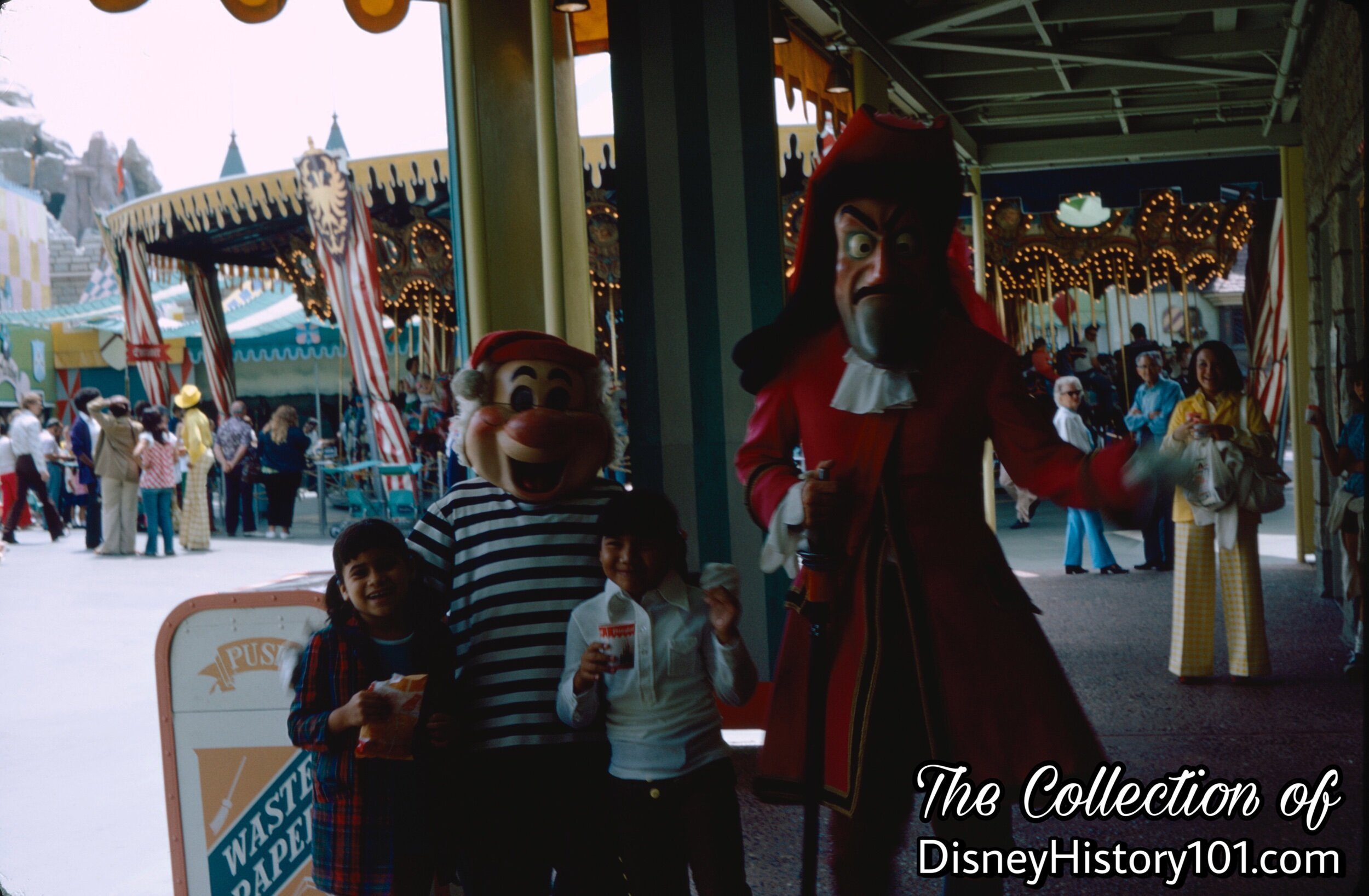
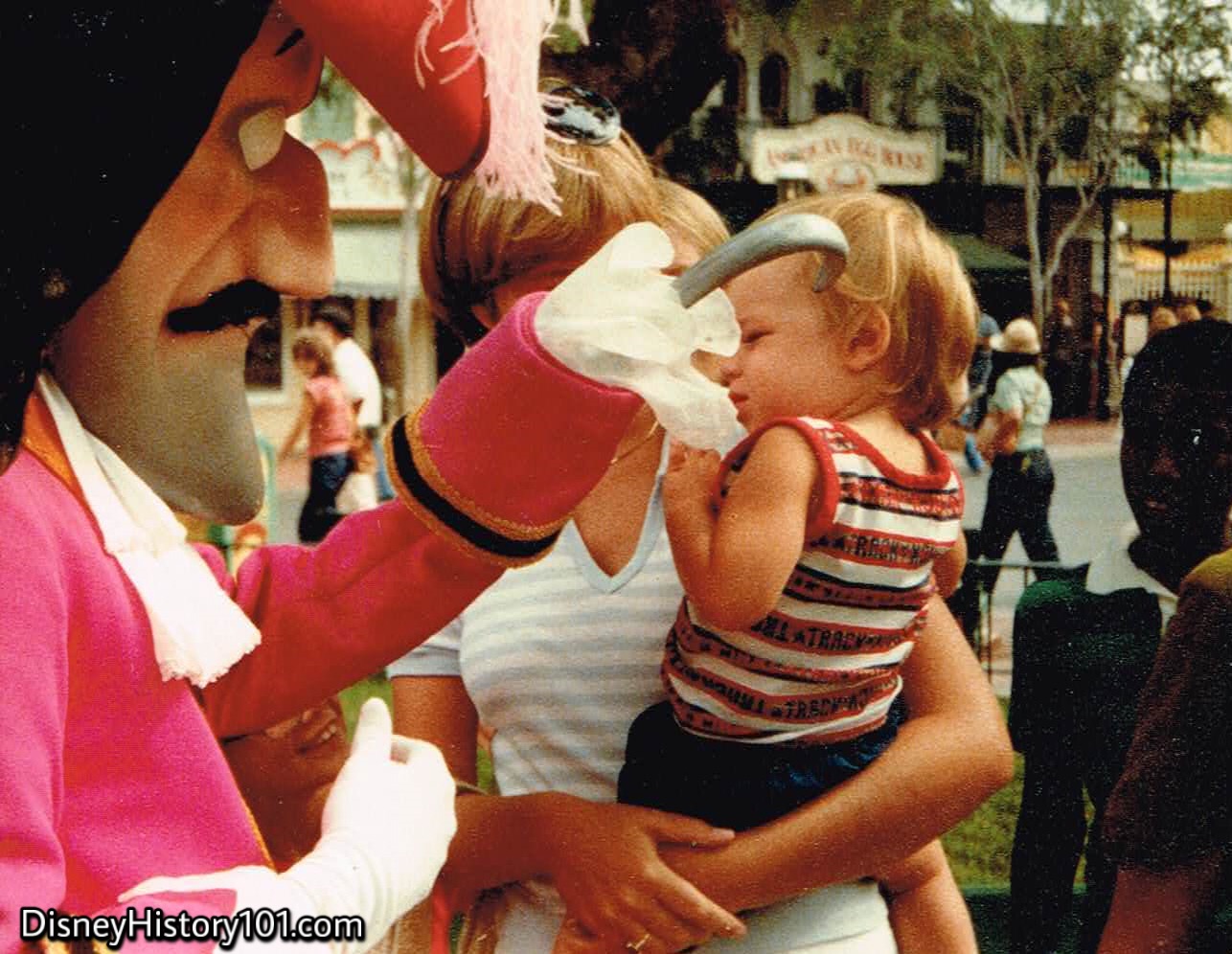
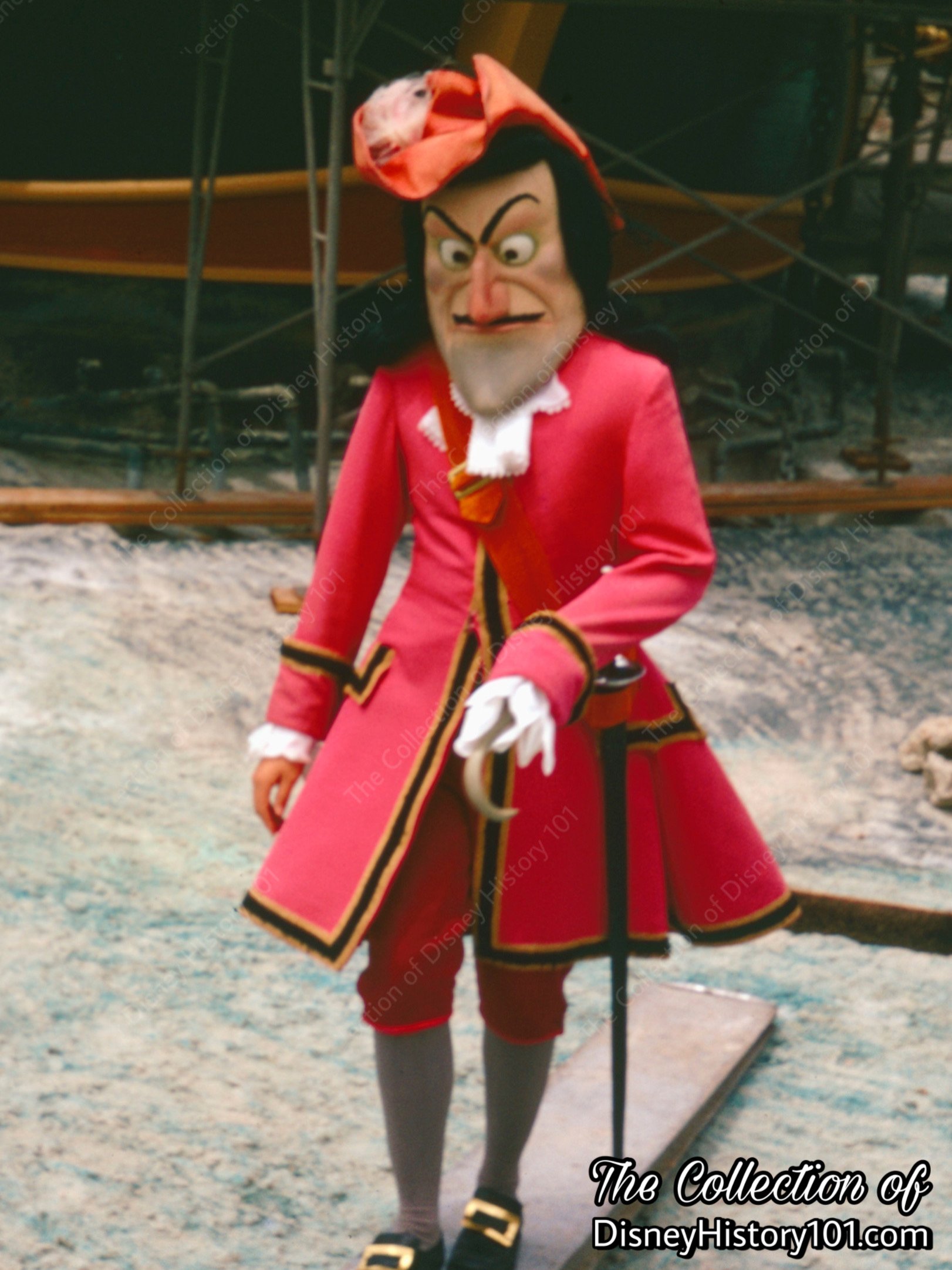
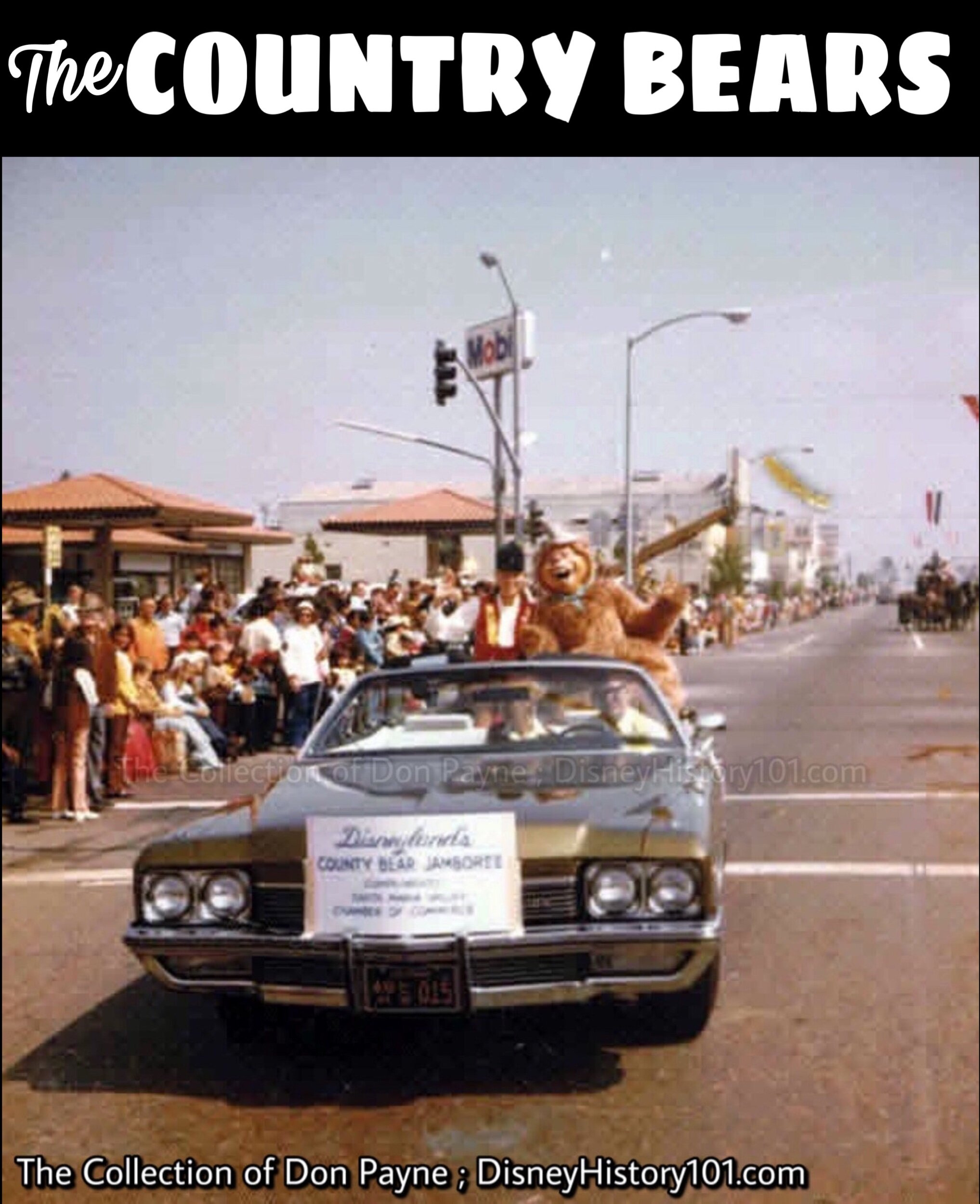
The Country Bear Jamboree opened in Disneyland on March 4th, 1972 (a few months after the Magic Kingdom’s incarnation of the show). “Walk-around” versions of the Country Bears were soon seen around Bear Country, as well as making appearances in various Disneyland parades. Even outside Disneyland (in the Santa Maria City Parade on June 3, 1972), Joan Valent (Tour Guide) and Wendell Bear promote the opening of the Country Bear Jamboree!
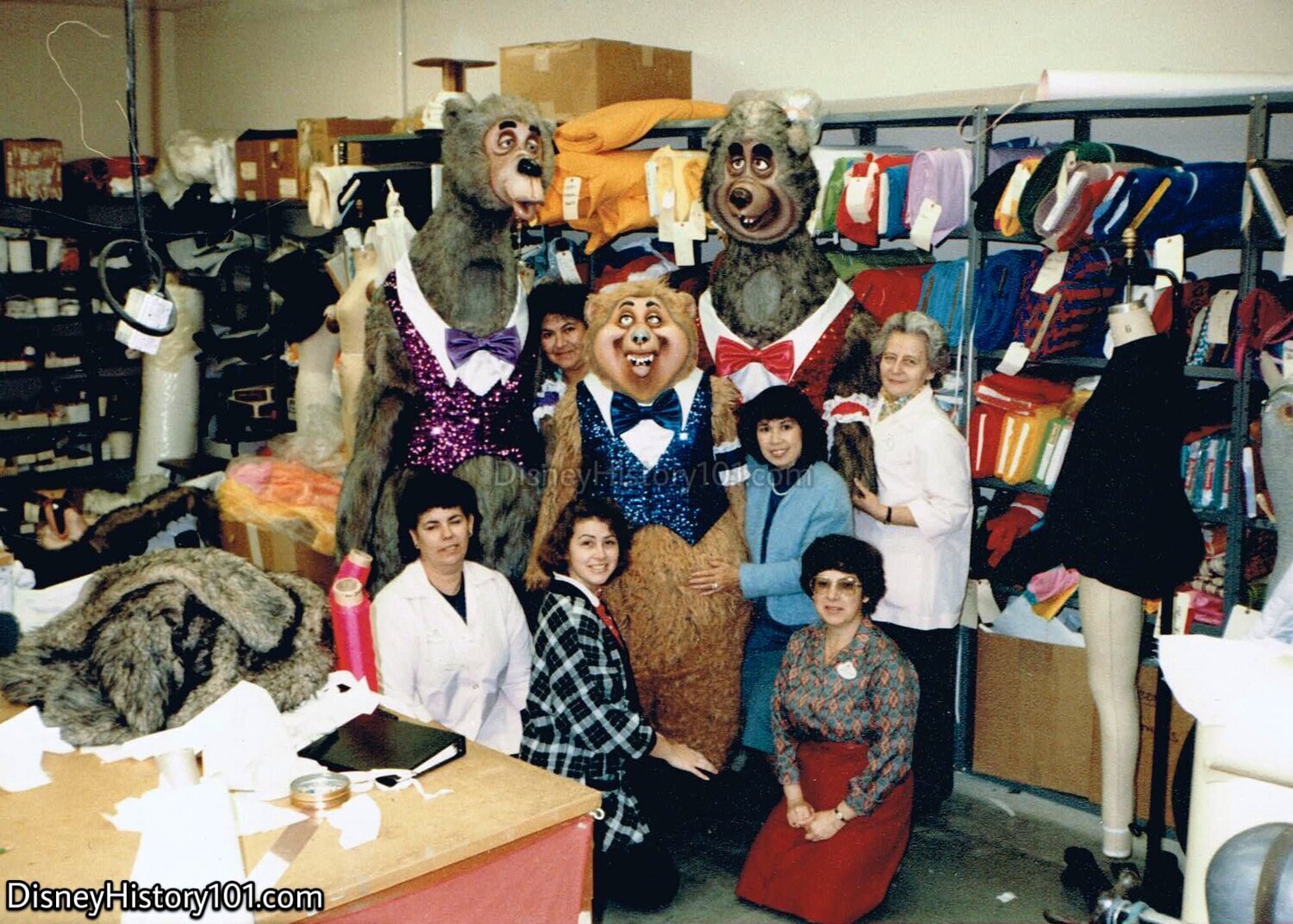
Liver Lips, Wendell, and Shaker prepare to “go to town” as they model their fancy new wardrobe courtesy of Disneyland Entertainment Costuming Department!

You may recollect purchasing postcards which featured some of the Country Bear Jamboree cast. Terrance’s card gave insight into his name with this poem : “Terrance, the Ozark shaker, is always on the prowl ; a strummin’ mountain minstrel with a melancholy growl.”
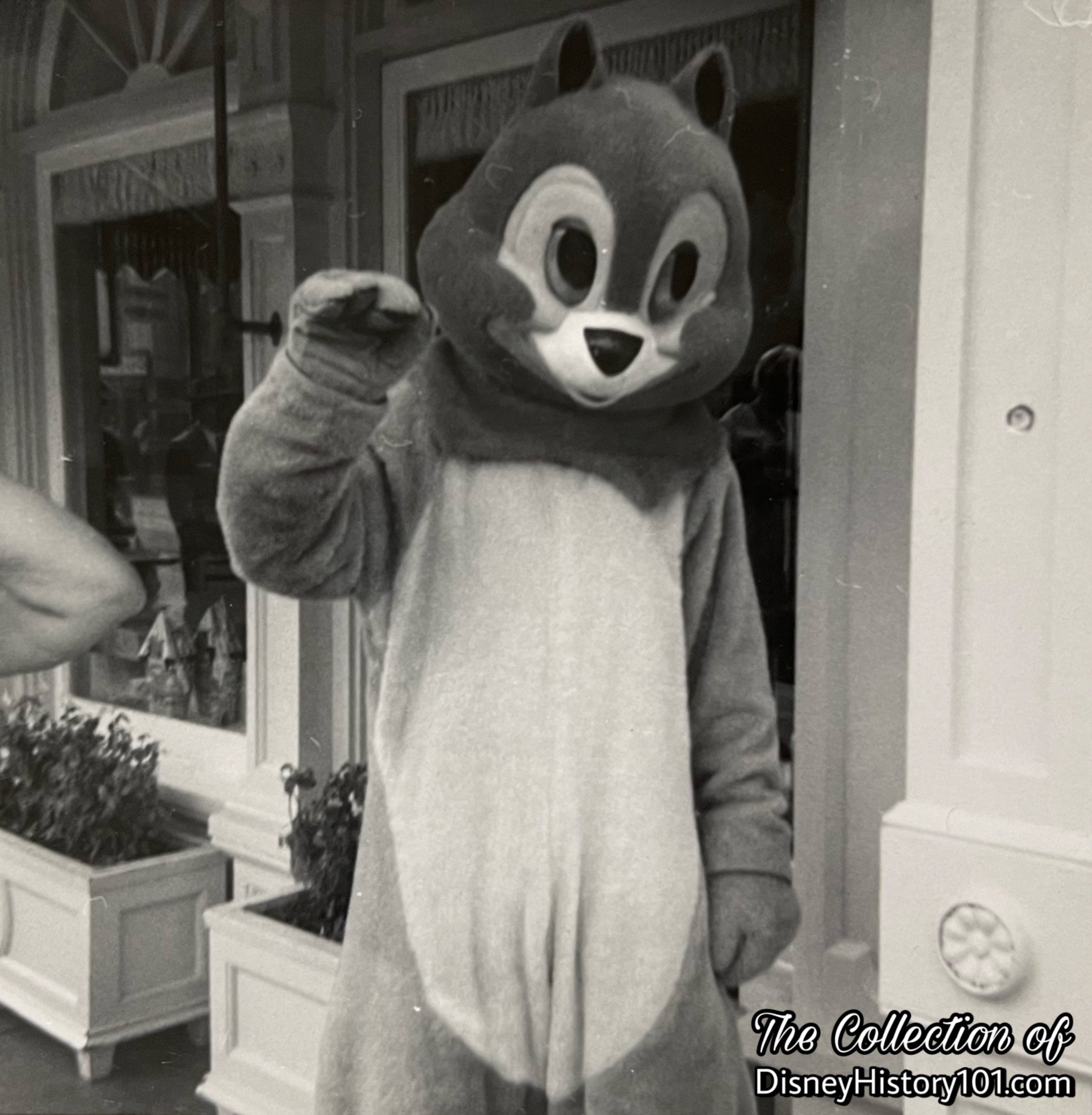
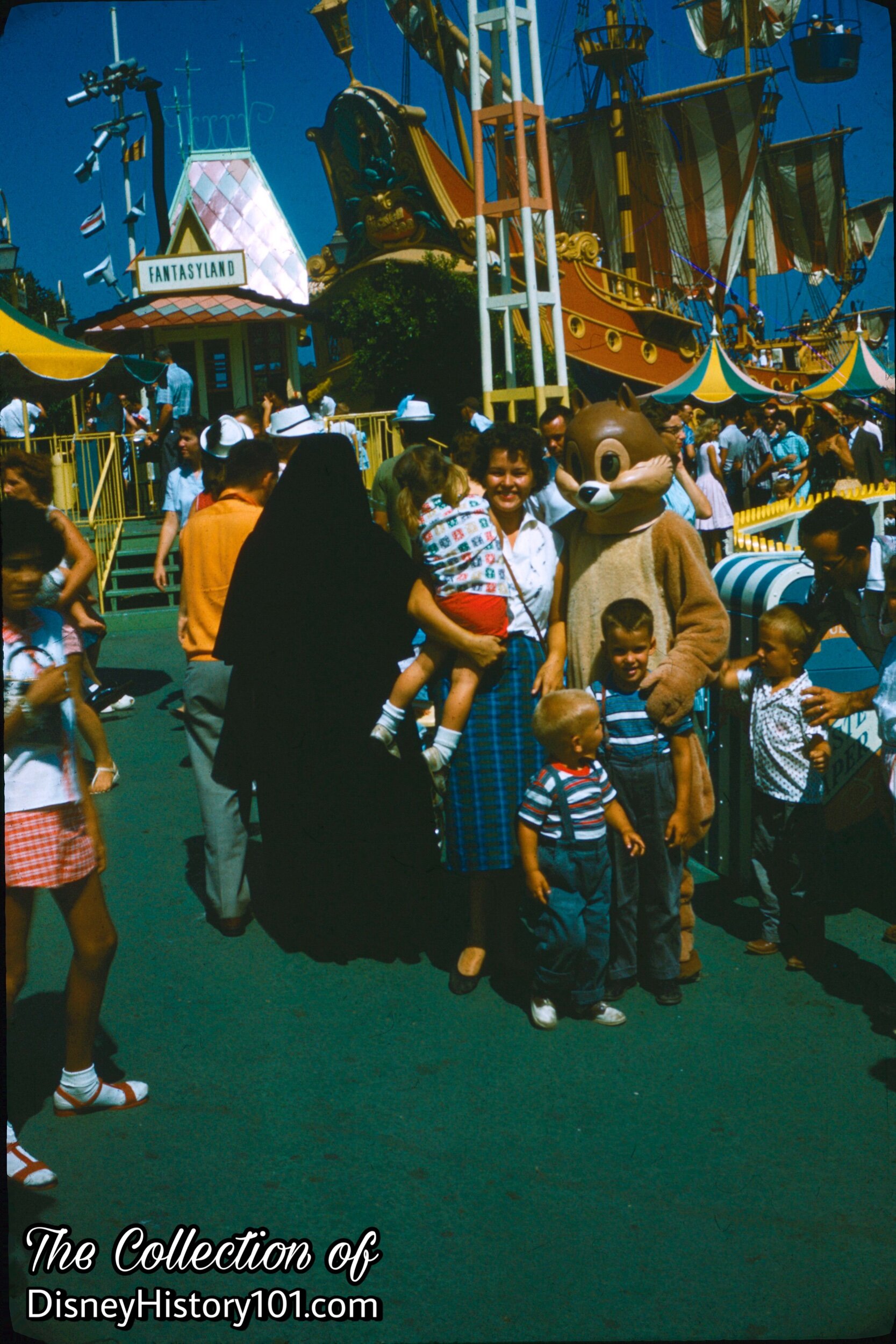
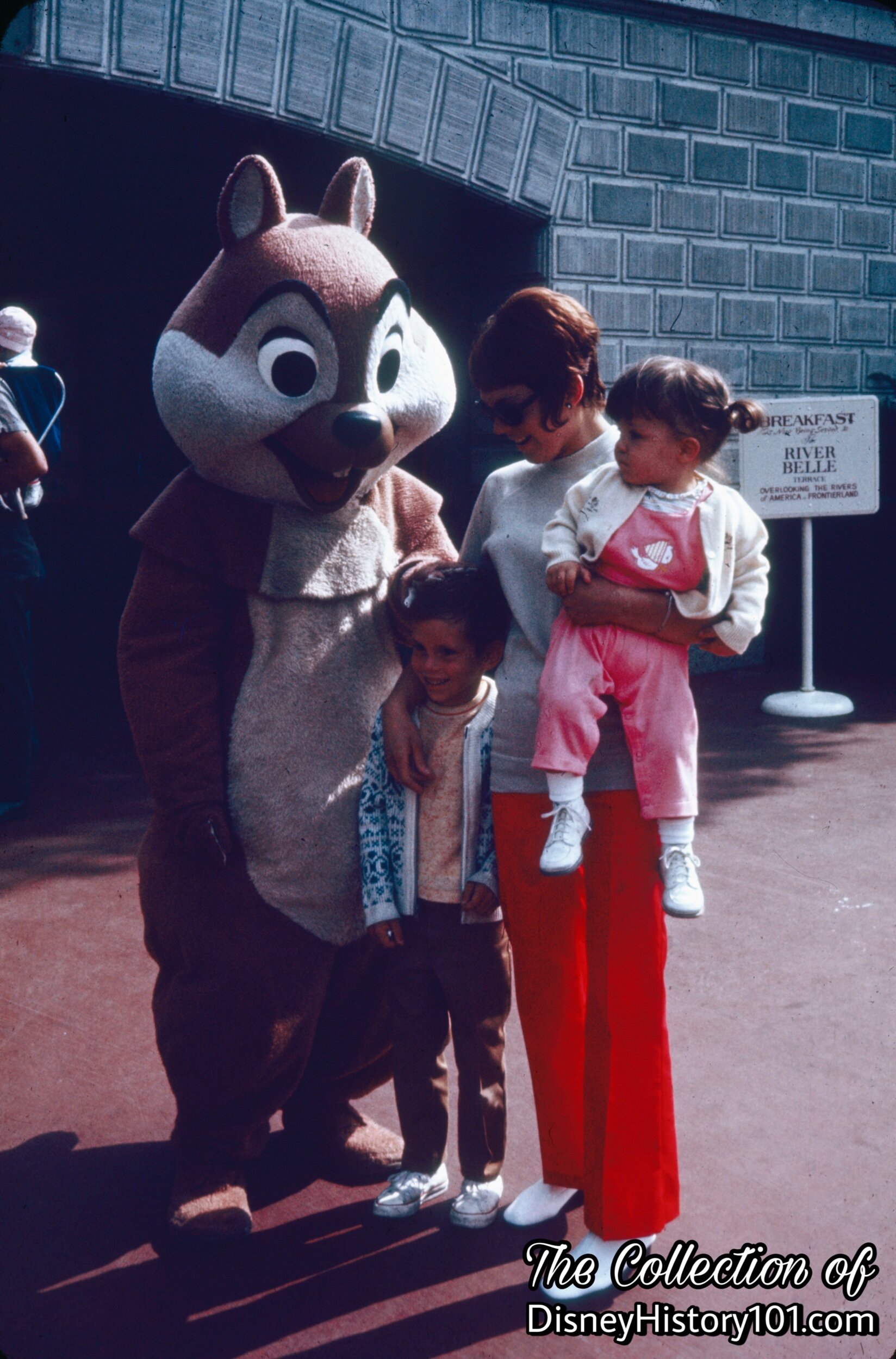
Chip is known to occasionally greet guests near Disneyland’s entrance!
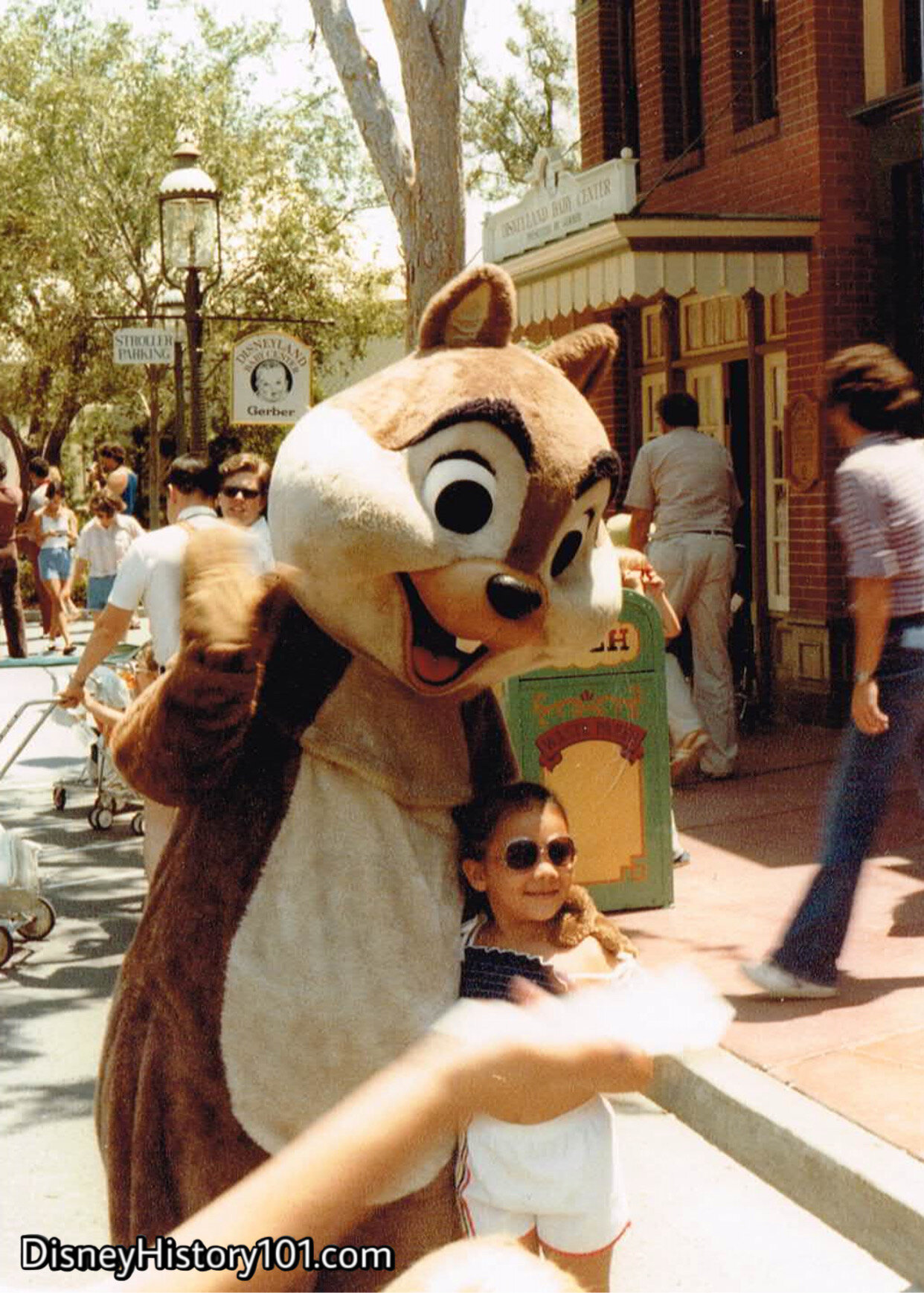
Chip greets guests near the Card Corner (c. 1985).
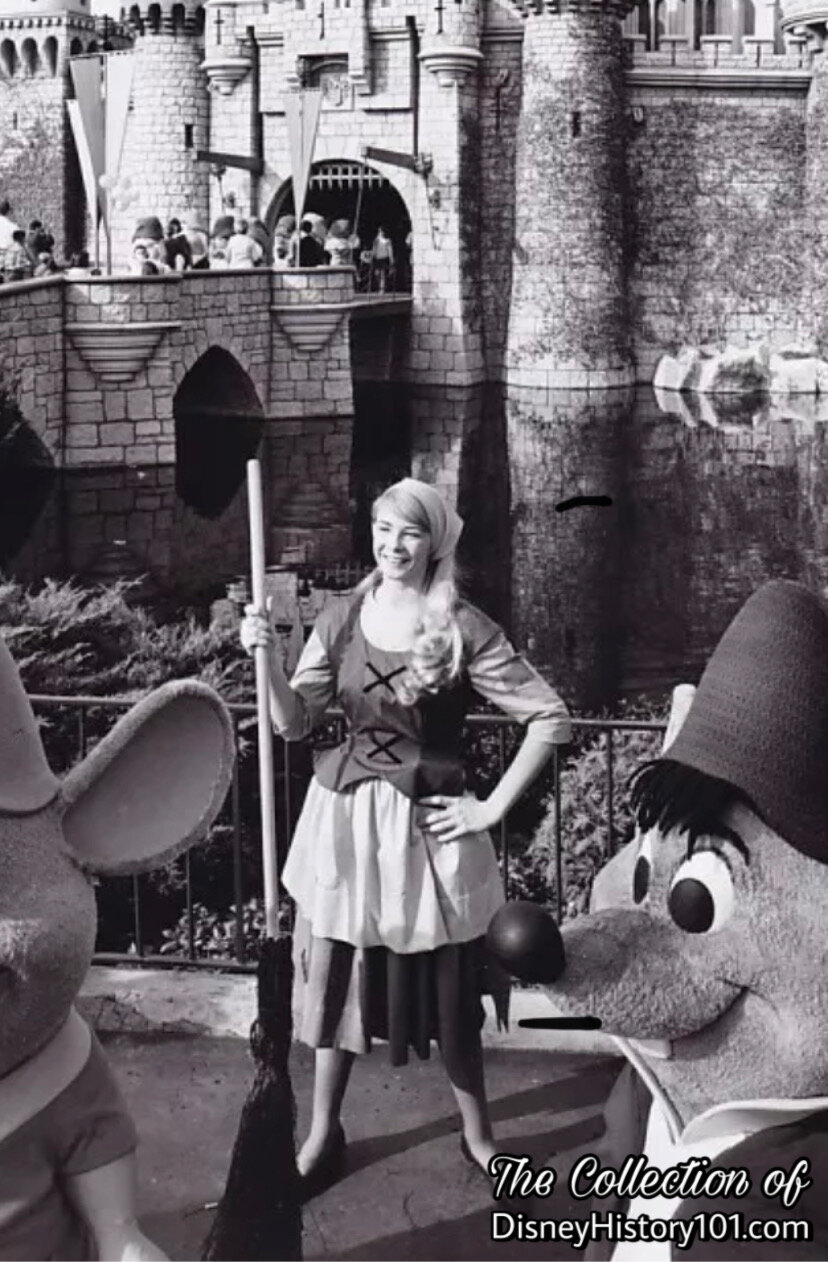
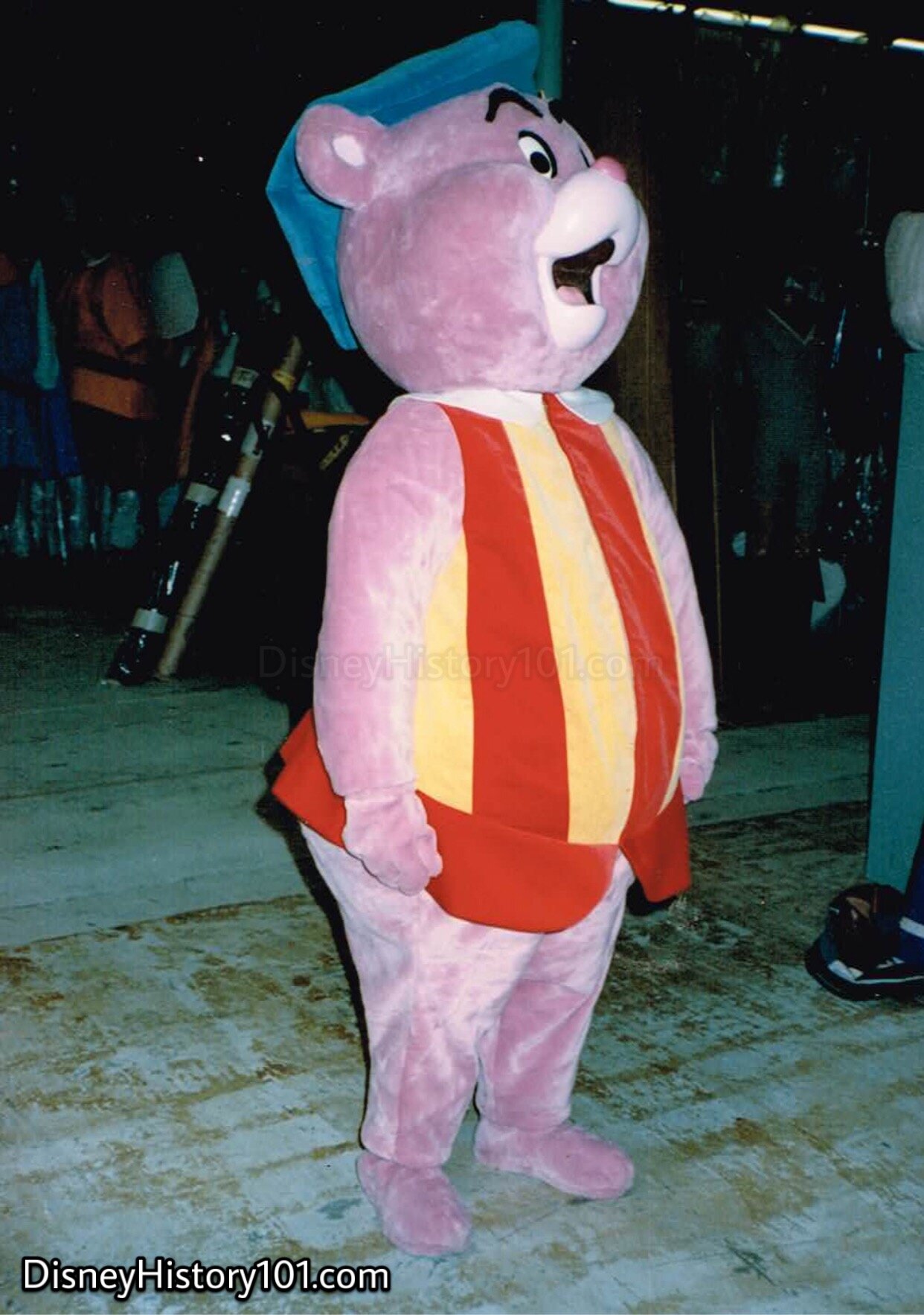
Cubbi Gummi waits in the Backstage Area of the Entertainment Costuming Department for his big “on stage” debut!
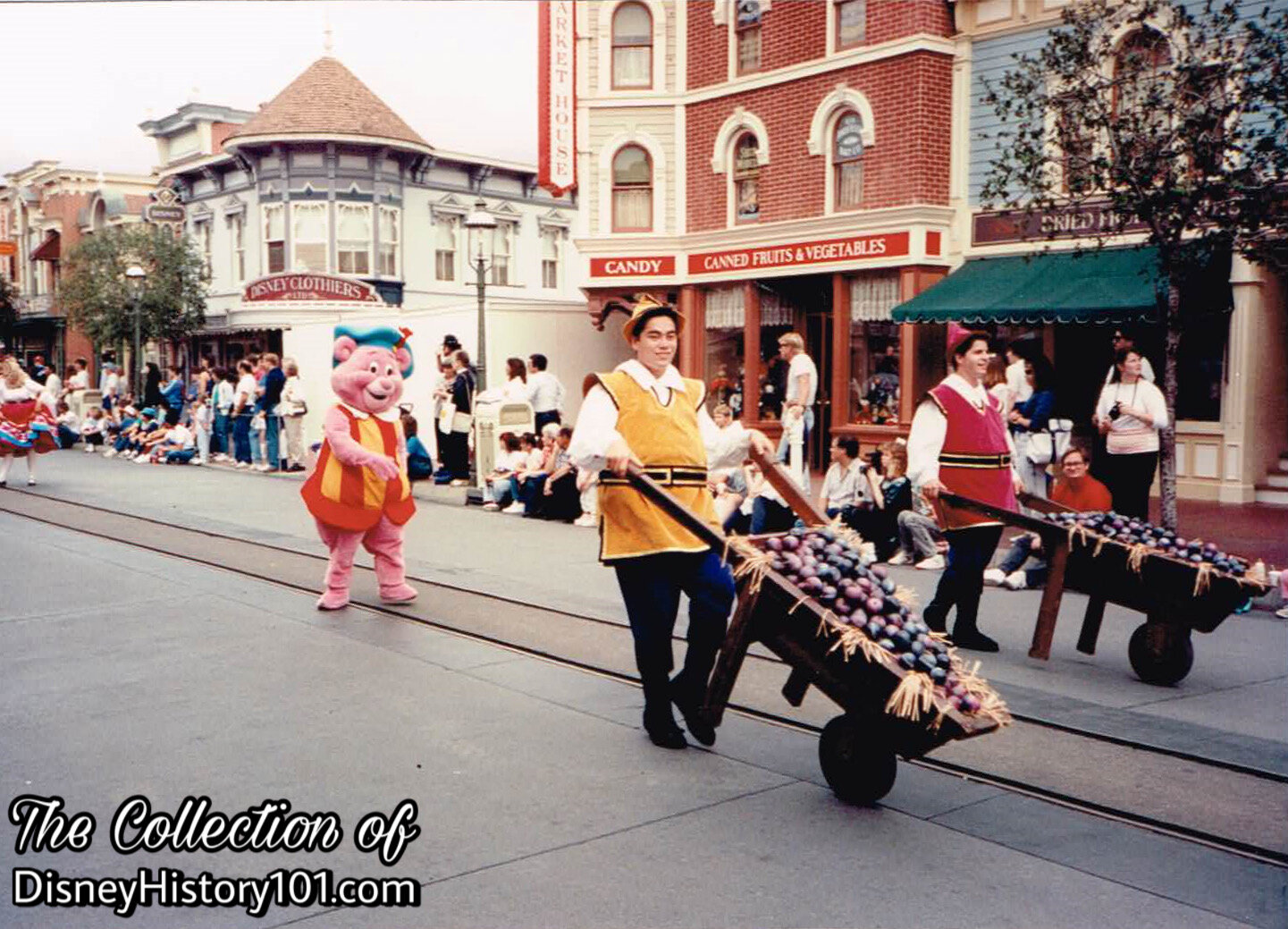
Cubbi and follows wheel barrels full of the rarely-seen Gummi Berries!

•Daisy - “Crazy Over Daisy” - “Daisy, you’re the one who’s got me captivated/every time you look at me I get so addlepated.” So went the song lyrics of “Crazy Over Daisy,” released 1950.
Daisy was first called Donna in “Don Donald” released 1937. Judith Martin (a critic) once said that Daisy was a lady “whose idea of heaven is the purchase of a new flowered hat.” According to one source Daisy has been considered a “Disney Standard Character,” meaning that she is a character “of the highest integrity” and “only associates with products, brands, and companies of the highest quality and integrity.” This was true in 1948, when Ingersoll issued the Daisy Duck watch.
Daisy would appear in fifteen films from 1937 to 1988, her last appearance a cameo in the feature film Who Framed Roger Rabbit. Daisy had three nieces in comic book stories: April, May, and June, first appearing in Walt Disney's Comics & Stories #149 (February 1953).
In Norway, Daisy is called Dolly Duck.
•Dapper Dans -
•Dale - Chip and Dale were given their names by assistant director Bea Selck, who got the idea from the 18th century furniture maker, Thomas Chippendale.
When Dale isn’t going nuts over Daisy’s Peanut Butter pie or being called away on a Rescue Rangers mission, he can occasionally be found meeting and greeting Guests at Disneyland.
•Darkwing Duck -
•Disney Street Theater Players - Debuting in 1978, was a “miming, dancing, acting group,” of Disney Characters, born by the Disneyland Entertainment Division and directed by Larry Wilker.
•Disneyland Band -
•Doc - A number of Disneyland Cast Members were close to Doc over the years, including (but not limited to) George Baxter (1971).
•Don Karnage - Baloo’s “Talespin” nemesis appeared five times a day (through the summer of 1991) in “Plane Crazy” in Videopolis at Afternoon Avenue in Fantasyland.
•Donald Duck - Donald Fauntleroy Duck made his film debut on June 9, 1934 in “The Wise Little Hen.” Donald soon had a starring role in his very first publication in 1935. He made his daily comic strip debut the same year he was first nominated for an Academy Award (in 1938) for “The Good Scouts,” after which he appeared in a number of temperamental screen rolls (nine of which were nominated for an Academy Award and one of which won an Academy Award in 1943). Donald appeared in at least 216 (of some 1,200 wartime insignia), more than any other Disney character. Donald Duck also notably starred in one of the few 3-D cartoons ever produced - “Working for Peanuts,” released 1953. Ever since his first appearances at Disneyland, Donald Duck was limited to appearing in parades during Walt’s era. However (like other Disney Characters), Donald appeared at quite a few events held outside Disneyland. According to one source Donald Duck has been considered a “Disney Standard Character,” meaning that he is a character “of the highest integrity” and “only associates with products, brands, and companies of the highest quality and integrity.”
Despite being known as a “spirited sore looser” or an “impatient hothead,” in 1957 Donald Duck took over the “Disneyland” TV series for one week in “Your Host- Donald Duck.” Three years later, 1960 was “The Year of the Duck,” as Donald’s 25th anniversary was celebrated by Walt Disney Productions. Four full hour Donald Duck television shows aired on Walt Disney Presents between February and September. According to one press release, these included “60 solid minutes of Donald Duck cartoons reaching 35,000,000 viewers per show or total cumulative audience of 140,000,000.” Donald would also appear in a new series of cartoon theatrical short films like the educational short film “Walt Disney presents Donald in Mathmagic Land,” new Donald Duck Dell Comic Books, 243 daily comic strips, and 109 Sunday Donald Duck Color Pages in newspapers (with a circulation of 28,000,000).
A few years later, Donald appeared with Clarence Nash at the Canadian National Exposition’s “Matinee Fun Fest” (held August 24 - September 5, 1964).
During this time, many individuals became acquainted with the duck with “the sweetest disposition,” including Steve Berk (some time after 1969). Glenn “Ducky” Galey was the closest to Donald Duck (during the late 1970’s and early 1980’s). You may recall that it was common to see Donald Duck appear in parades at Disneyland by riding in an “‘03 car driven by Operations.”
During the 1970s, Donald appeared in Main Gate/Town Square.
After the Disney Channel began its premium cable service in 1983, Donald starred in “Donald Duck Presents” followed by “Down and Out with Donald Duck.” In 1984, Donald Duck (Disneyland’s official Diction Coach) received a slight redesign (of his lower body and feet, finally enabling him to walk parade routes). In 1984, Donald Duck was successfully and honorably discharged from the army, receiving a brand new sailor suit in honor of his 50th birthday (which coincided with the 30th anniversary of Disneyland)!
Today, Donald Duck is known as Tang-Lao-Ya in China.
In the present, Mickey Mouse, Minnie Mouse, Donald Duck, Goofy, and Pluto are still considered the original "Fab Five" VIP Characters. When Donald isn’t getting paint to fix up the Miss Daisy or wrapping a gift for Daisy, he can occasionally be found meeting and greeting Guests at Disneyland.
•Dopey (Snow White and the Seven Dwarfs) - Dopey “don't know [how to speak], he never tried.”
Paul Castle is perhaps one of the first character actors (known by name) to work so “close to” the first incarnation of Dopey to appear at Disneyland. He did so after portraying the iconic character during the 1959 Ice Capades production of Snow White and the Seven Dwarfs.
By the summer of 1961, the 2nd incarnation of a “come-to-life” Dopey made his Disneyland debut (courtesy of Walt Disney Studio character designer Bill Justice)! Dopey soon made several appearances outside Disneyland. He was among a caravan of characters that represented Disneyland in the multinational 1964 New York World’s Fair parade! When the parade was finished, he was known to make appearances greeting guests near the Tower of the Four Winds. After the fair was over, Dopey could often be found greeting guests near the Disneyland Main Gate!
A variety of Cast Members would be “close to Dopey” through the years, including Bill Carson (1971).
•Dumbo - Walt Disney’s Dumbo debuted October 23, 1941. Two special parades featured Dumbo, and guests could meet and pose for pictures with Dumbo on January 16 & 17, 1971
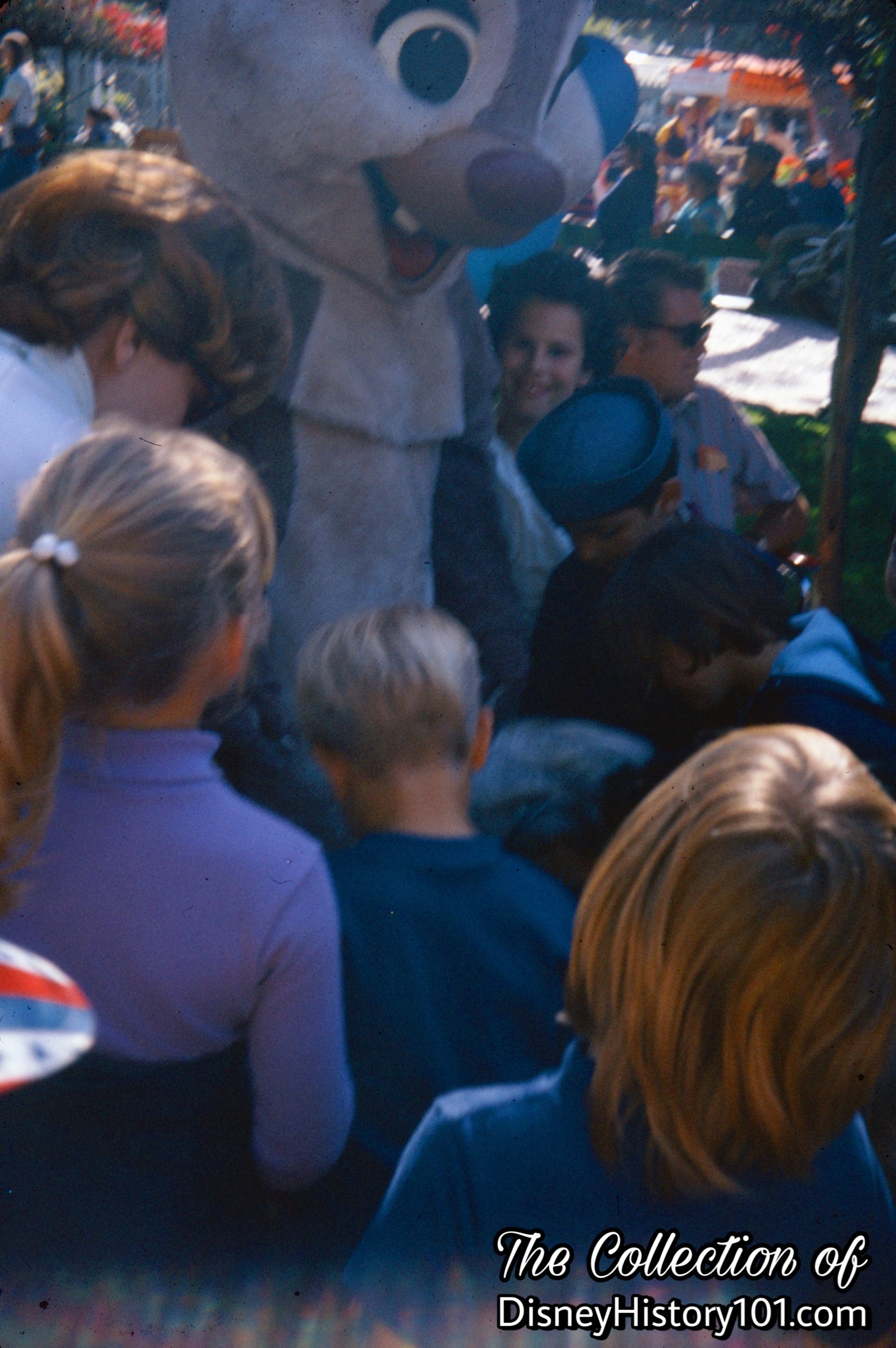
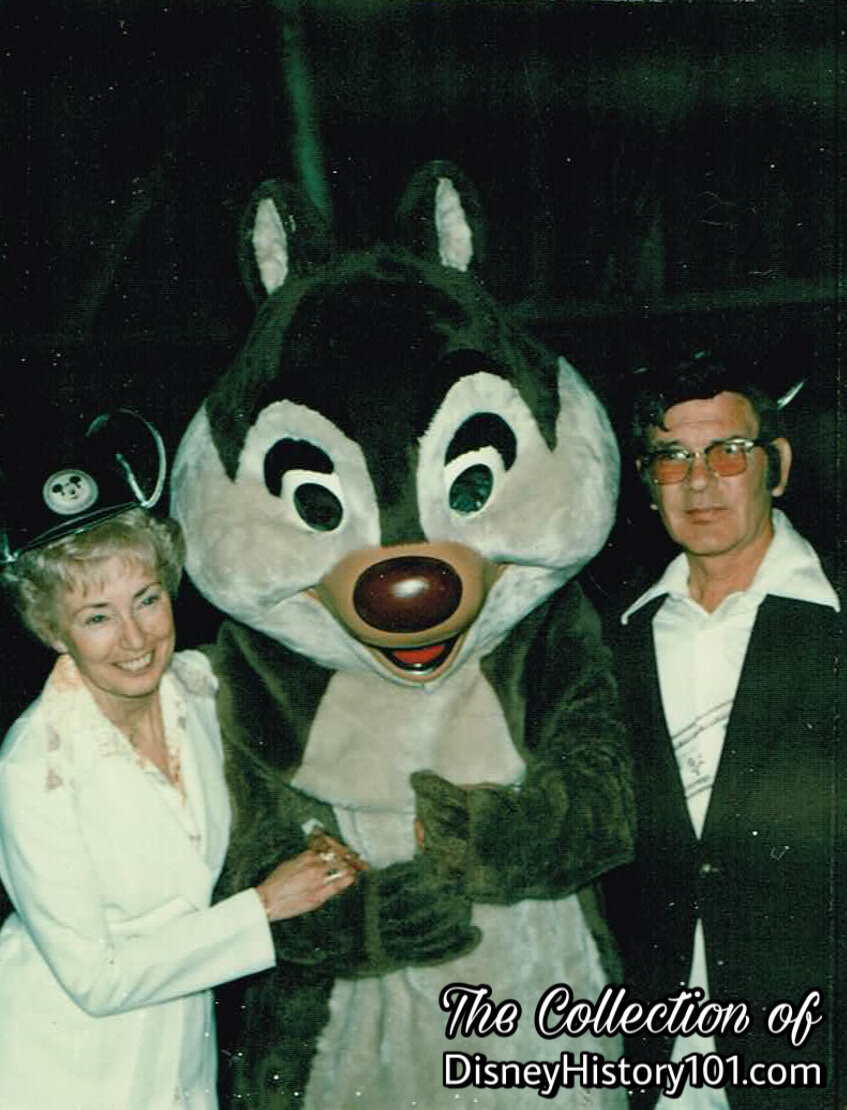
Tim Brandt (Disneyland Security) and Priscilla (Disneyland First Aid) meet Dale during Disneyland’s 25th Family Reunion event!
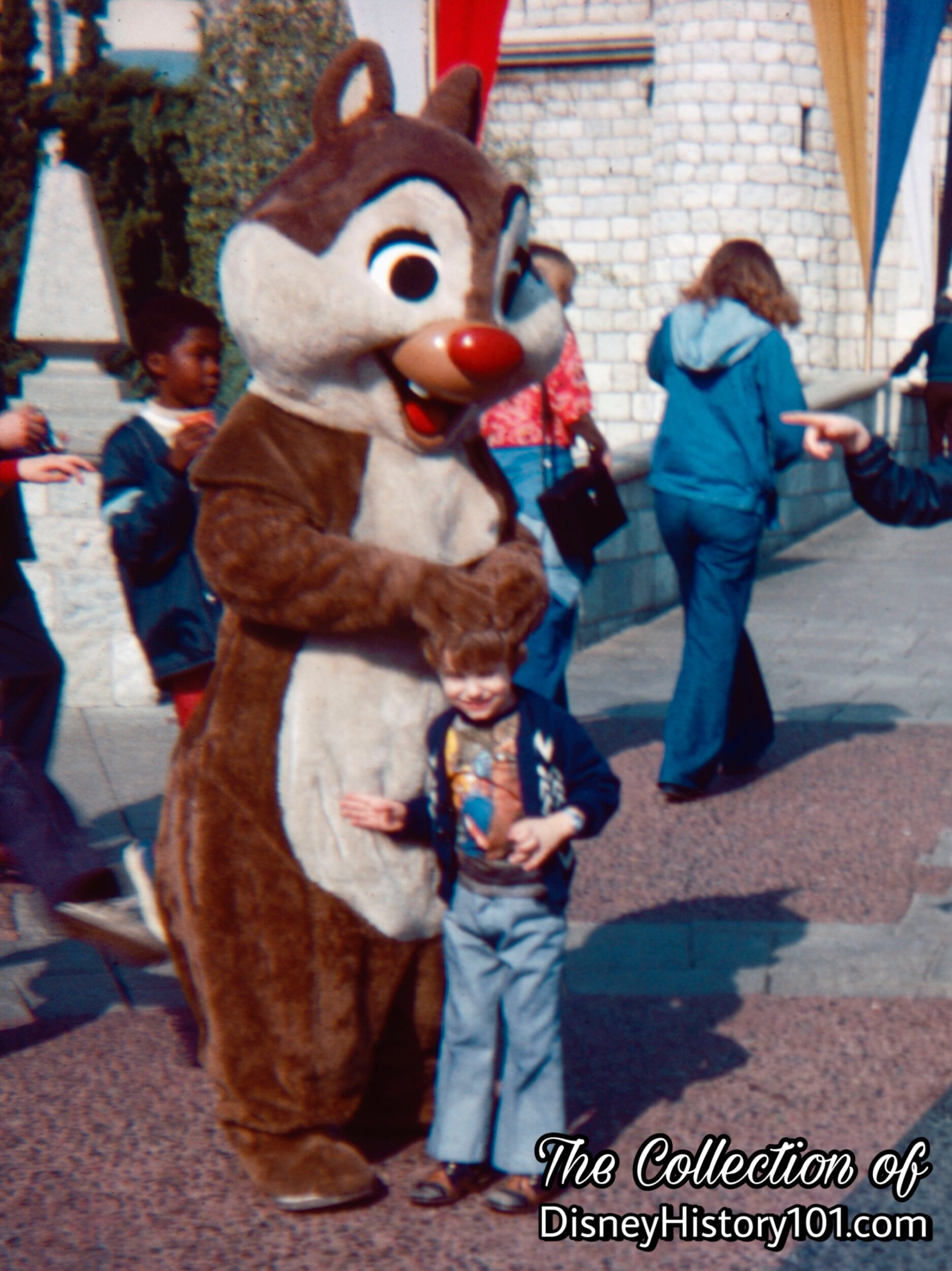
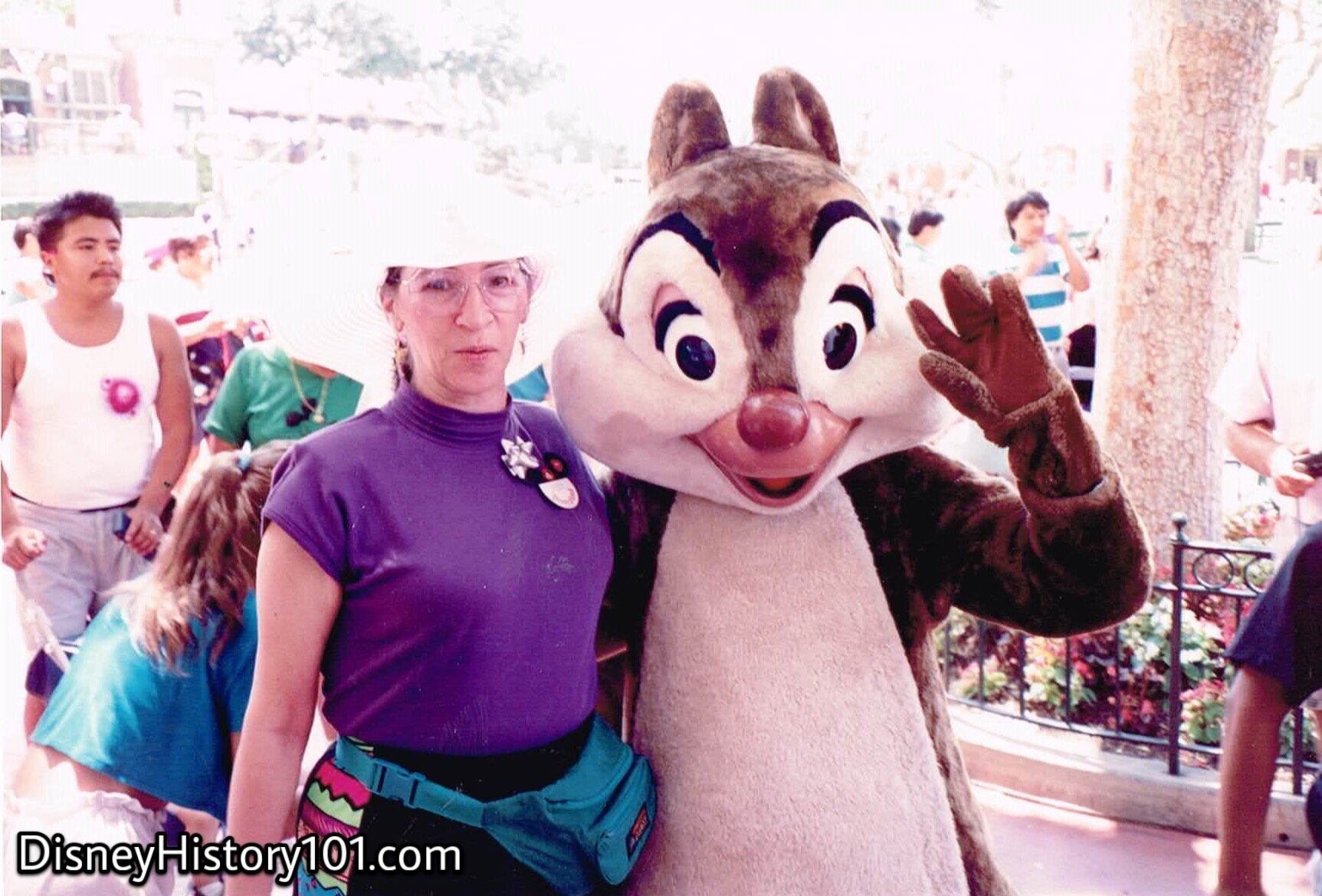
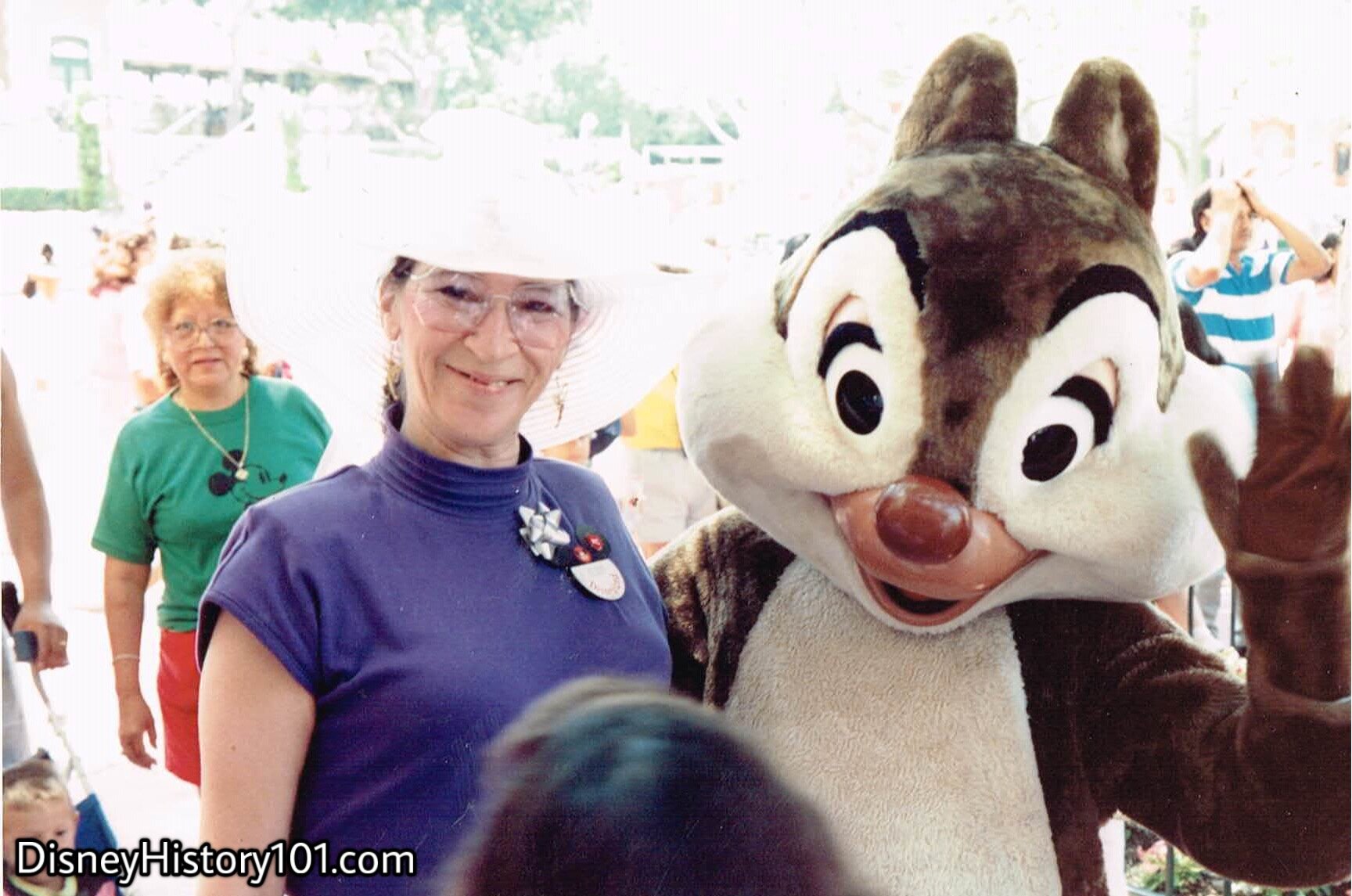
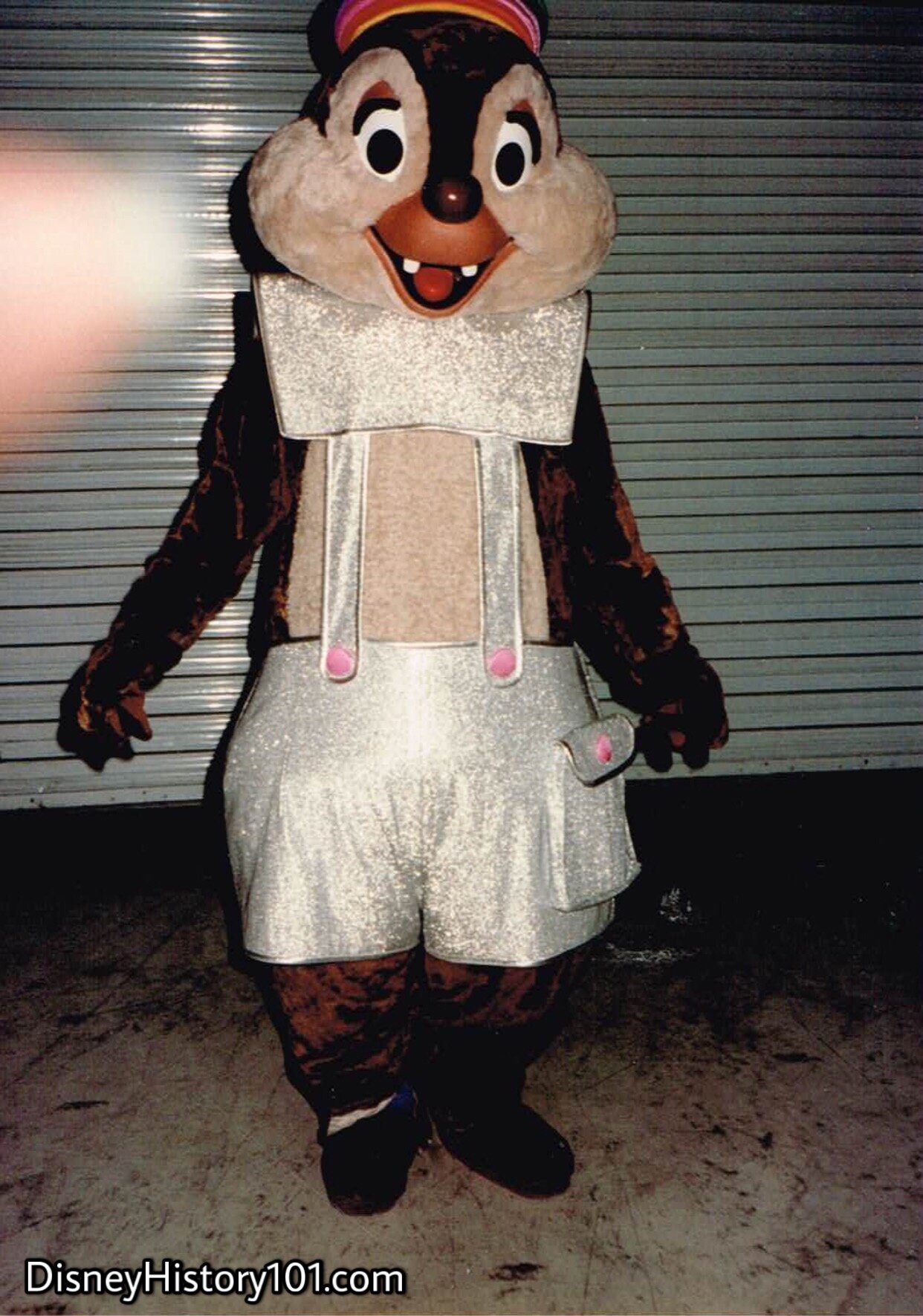
A special costume was made for Dale (to help celebrate the opening of Captain EO).
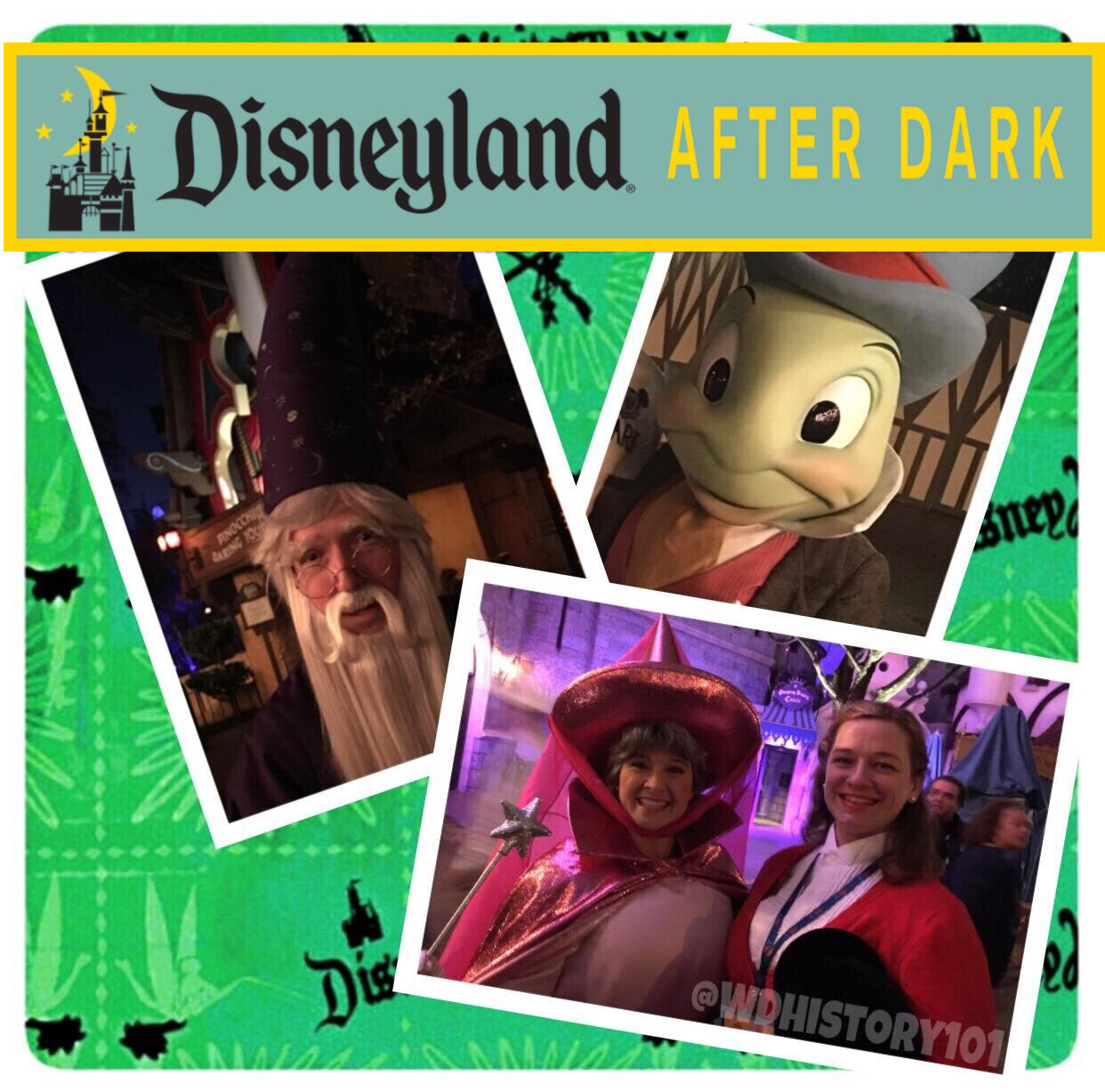
In the recent decades, certain Characters have made occasional reappearances in Disneyland. These Characters are referred to as “Specials” -any out-of-the-ordinary appearance at a convention, filming, photo shoot, hospital, etc. For example, during Disneyland After Dark (2018), Merlin, Jimmy Cricket, and Flora greeted guests. You may recall that Merlin the Magician regularly officiated the Sword in the Stone Ceremony four times daily on weekends during the 1980s. Our favorite character from the first Disneyland After Dark event (not pictured), was Mickey dressed as Zorro!
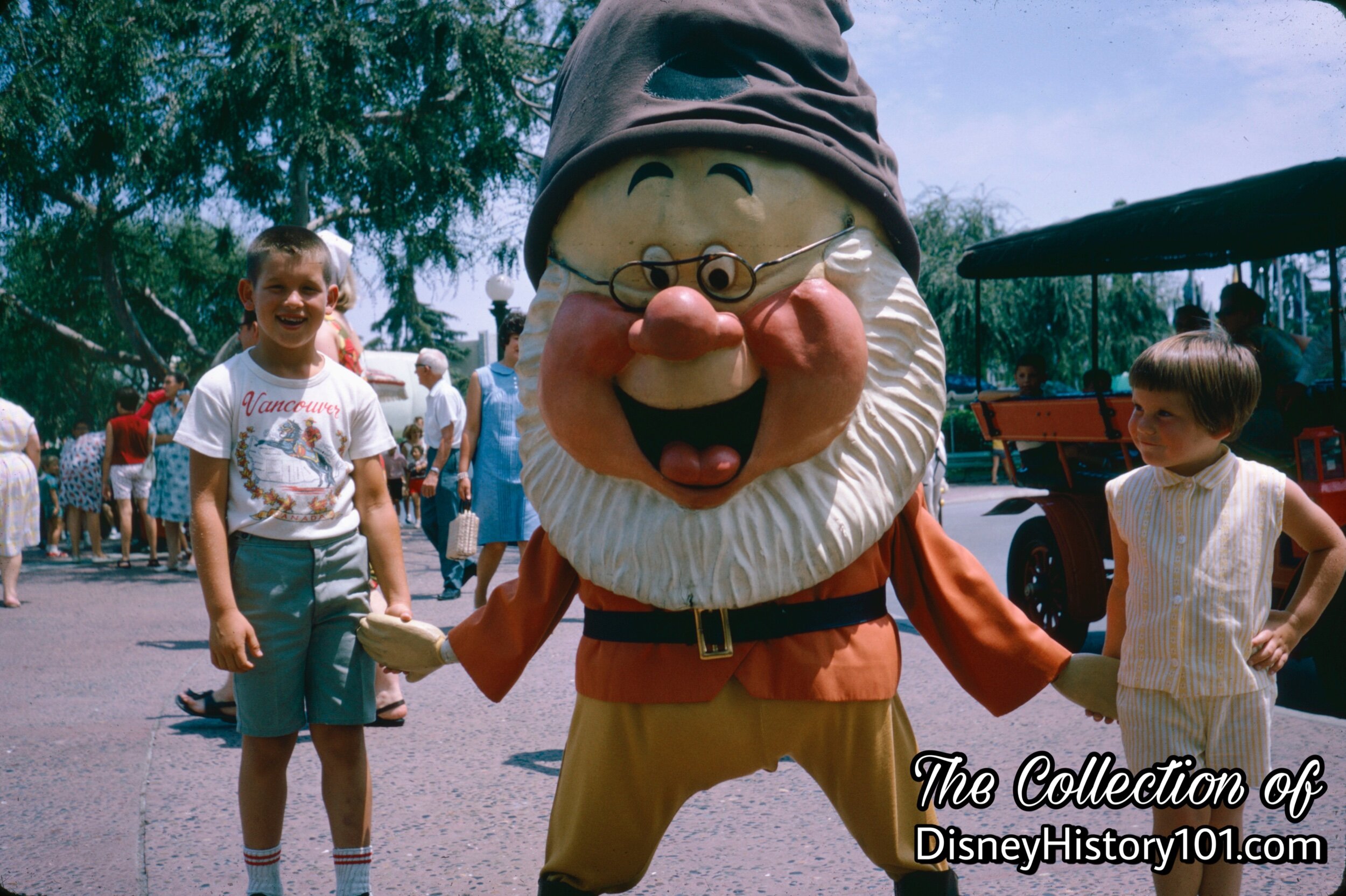
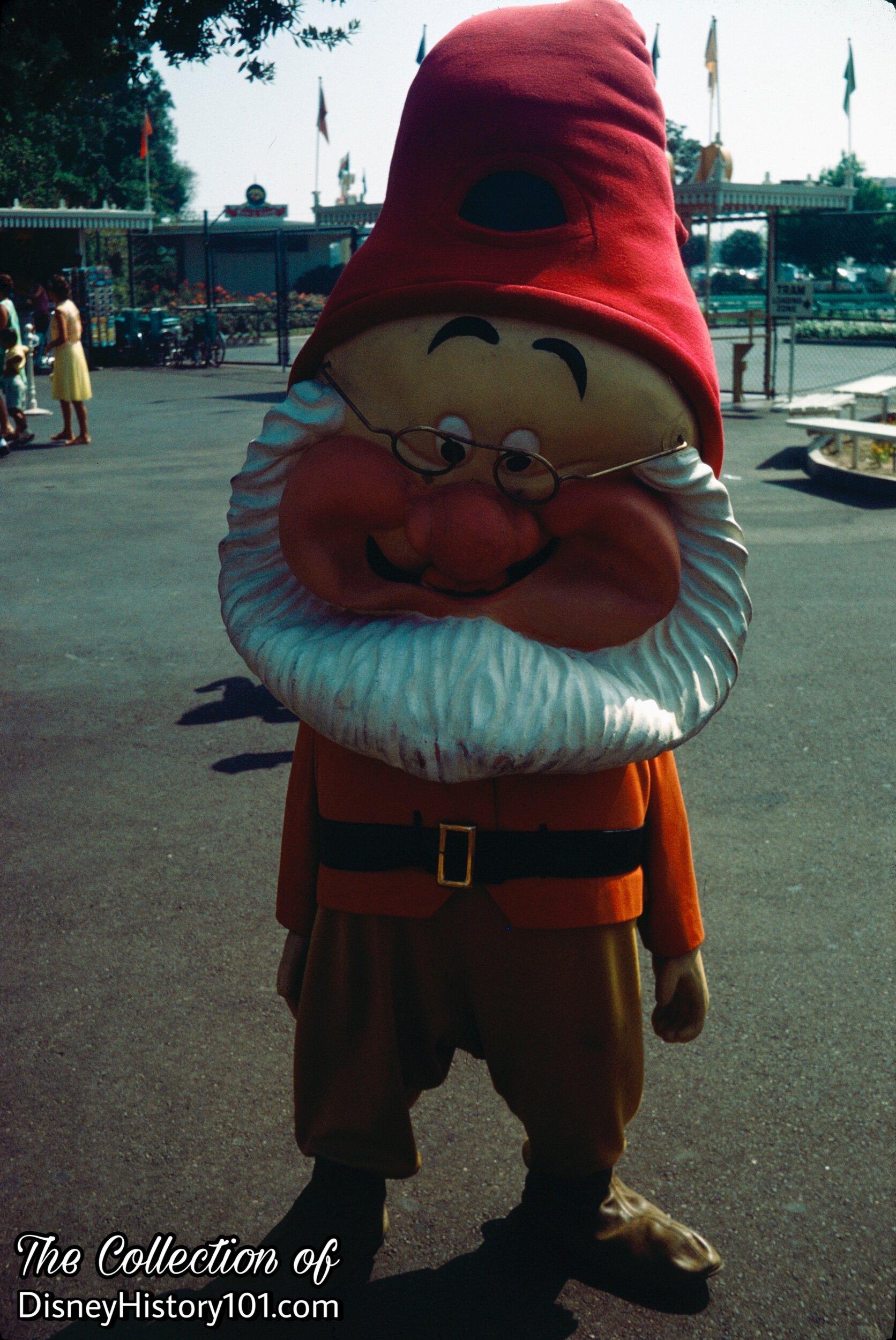
This incarnation of Doc made his debut inside Disneyland during the summer of 1961.
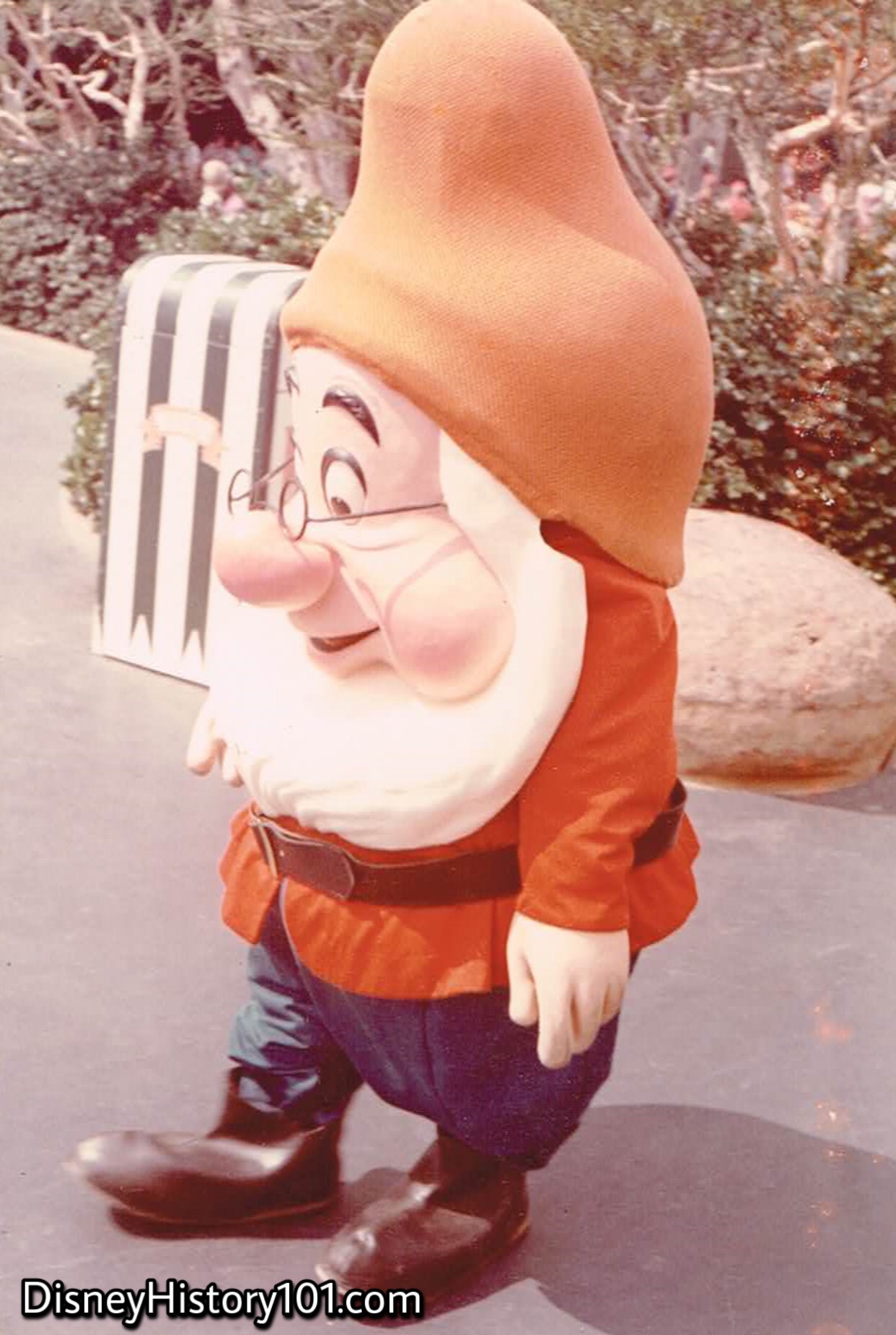
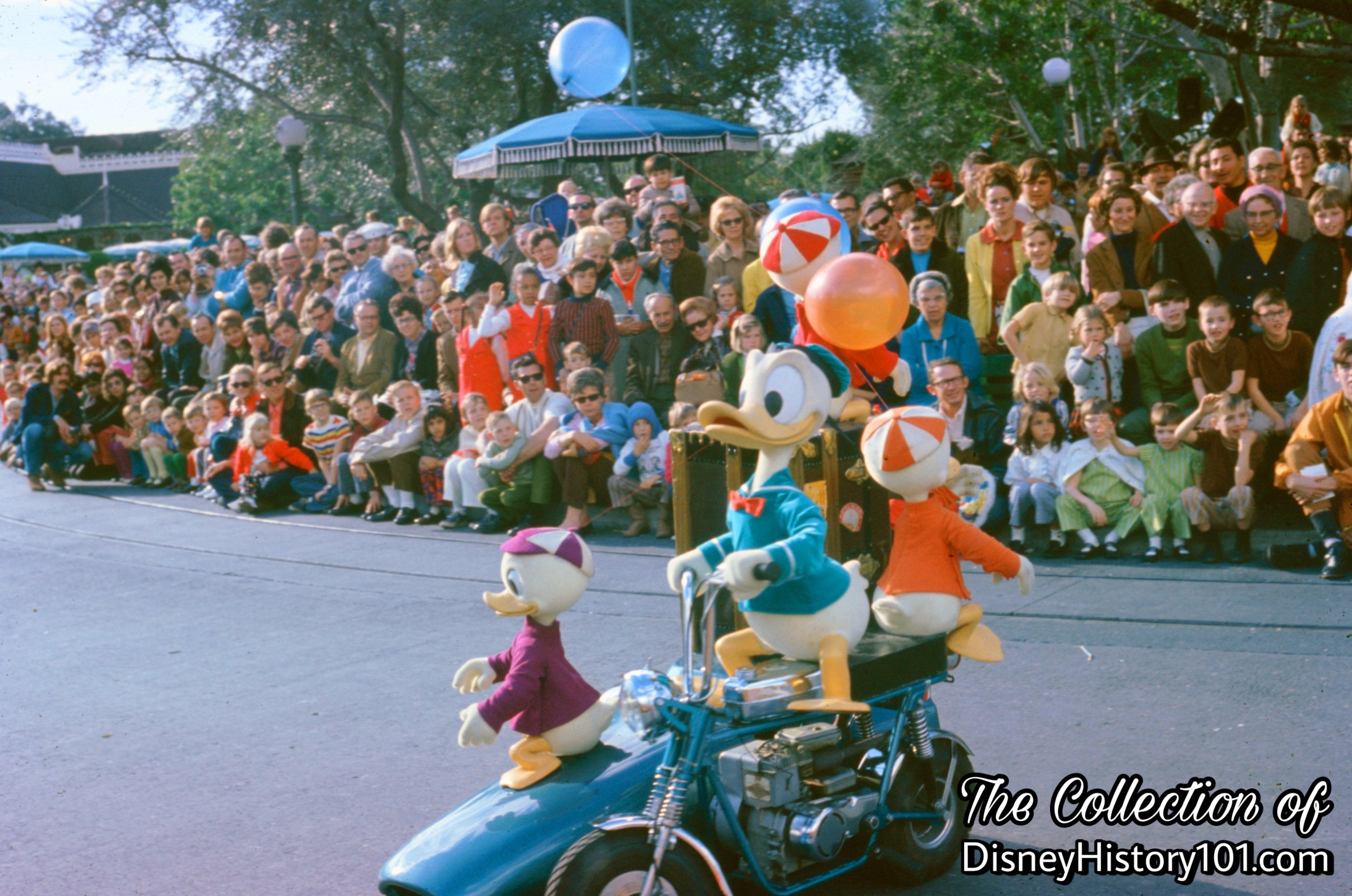

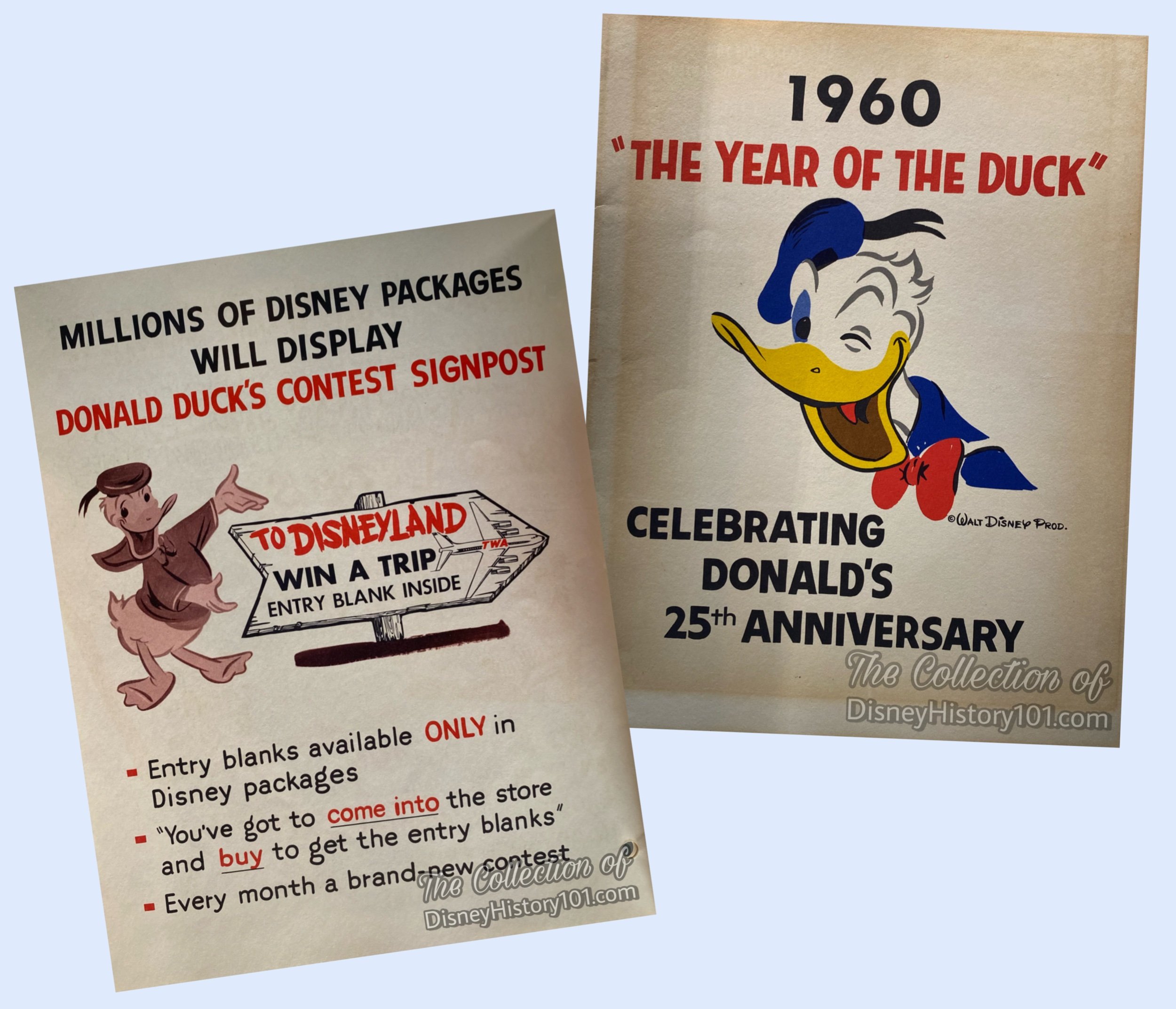
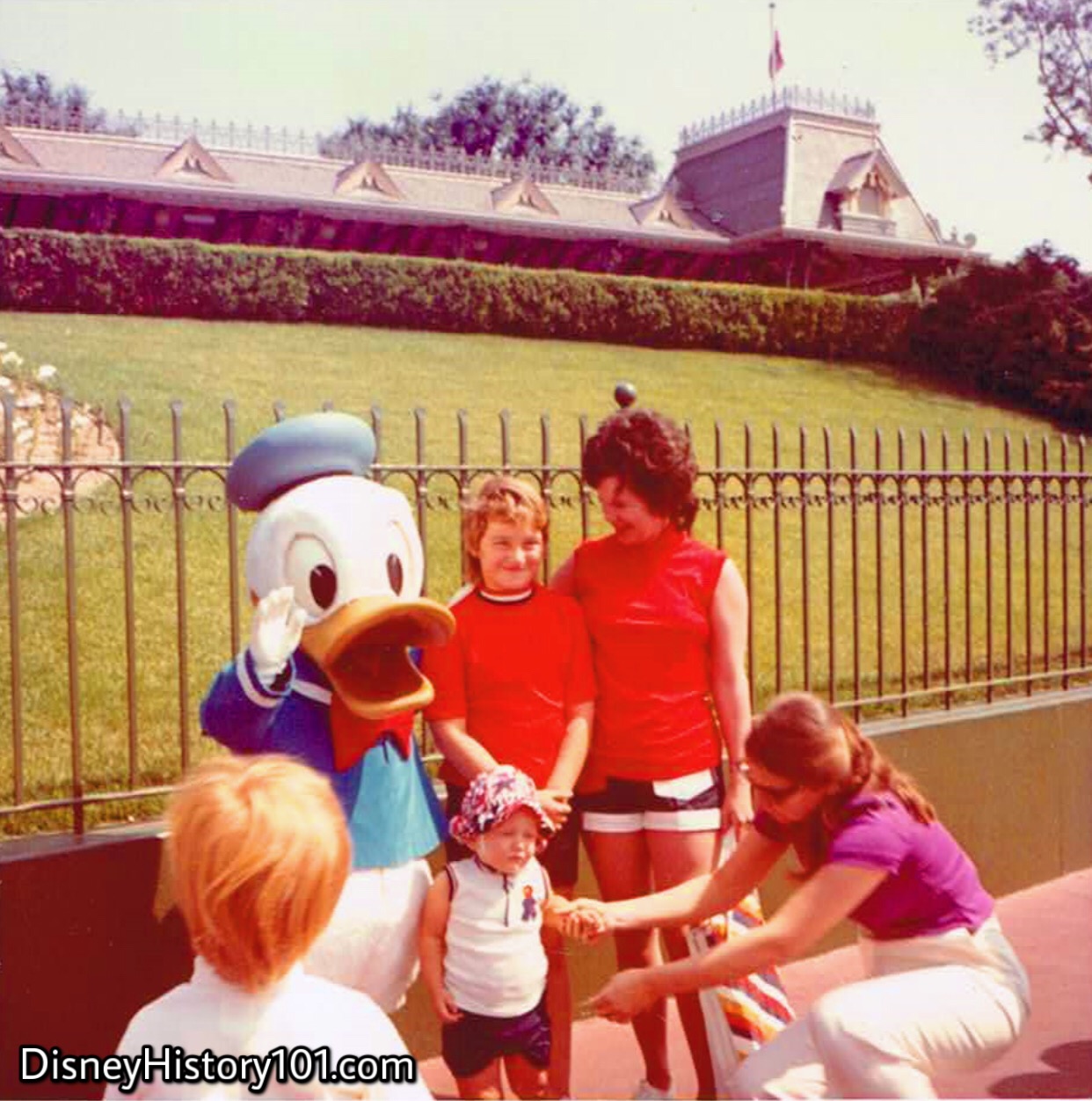
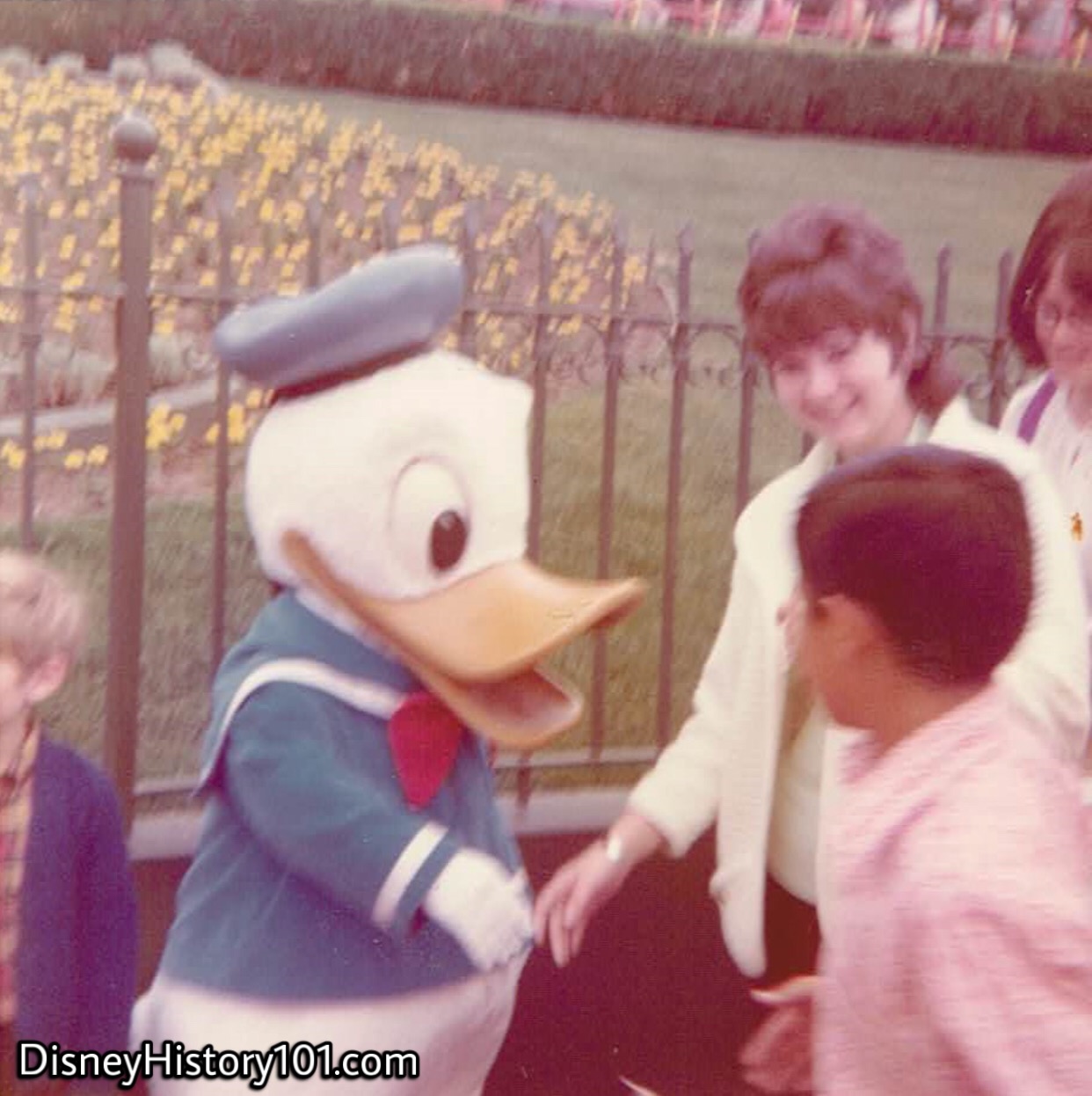
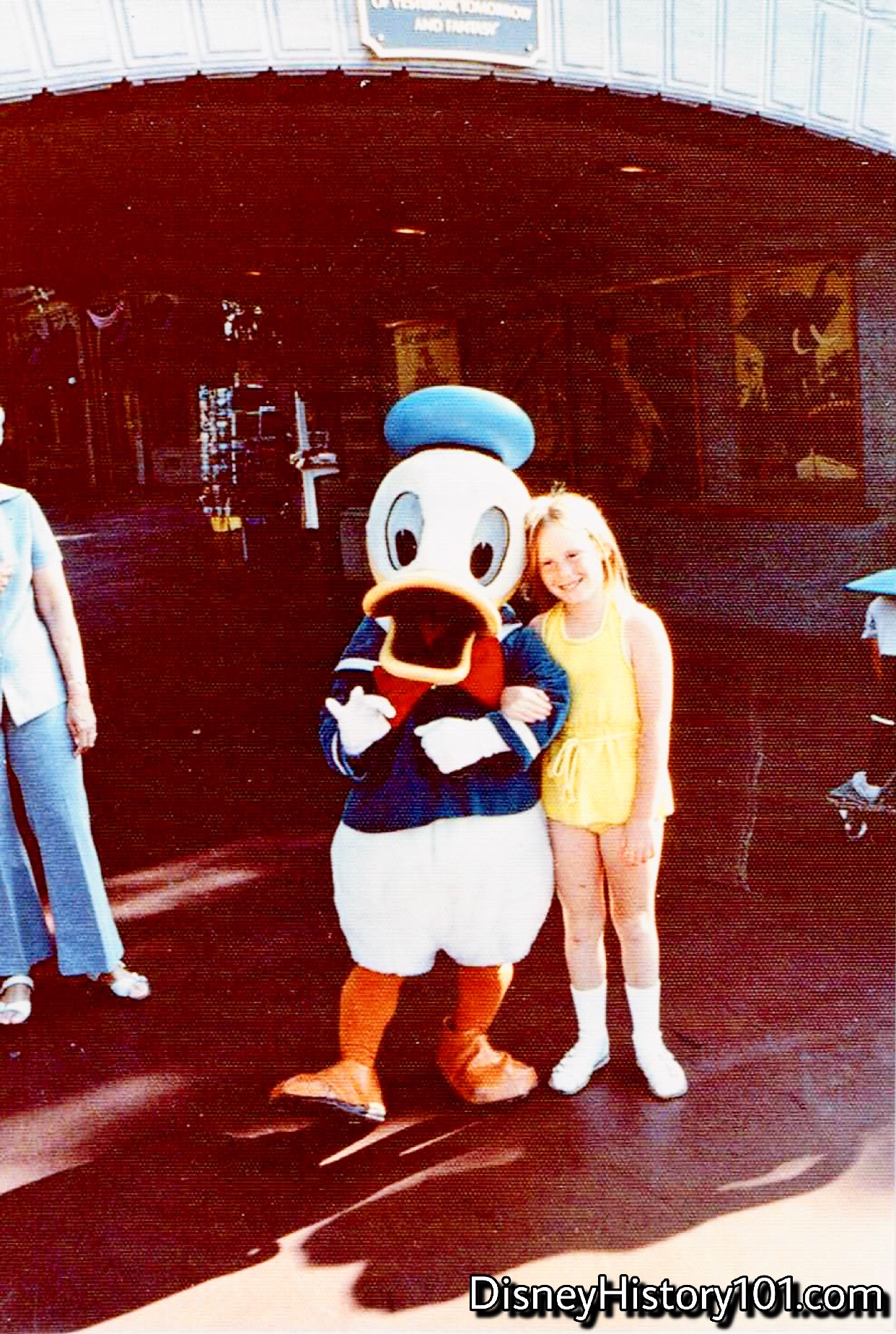
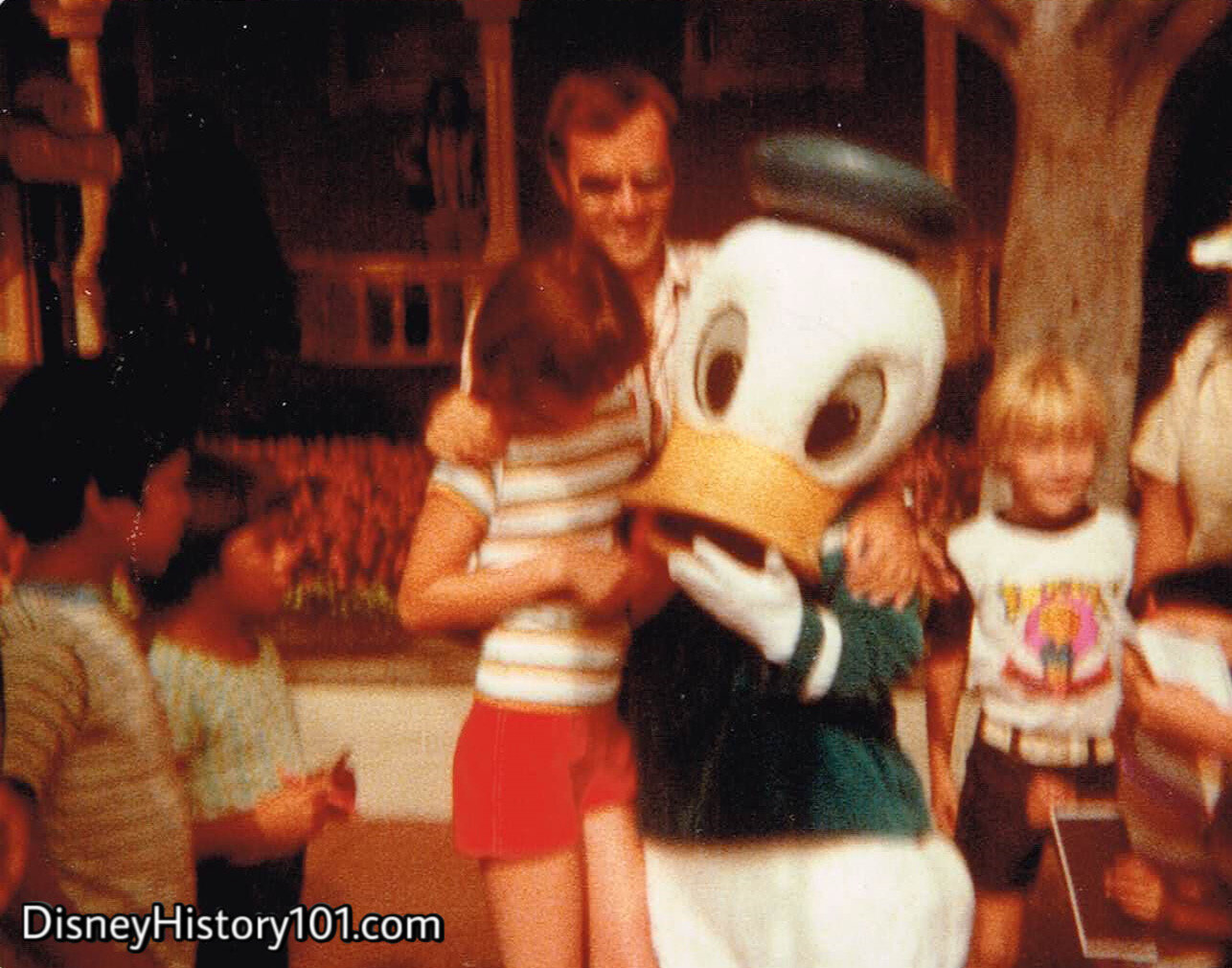
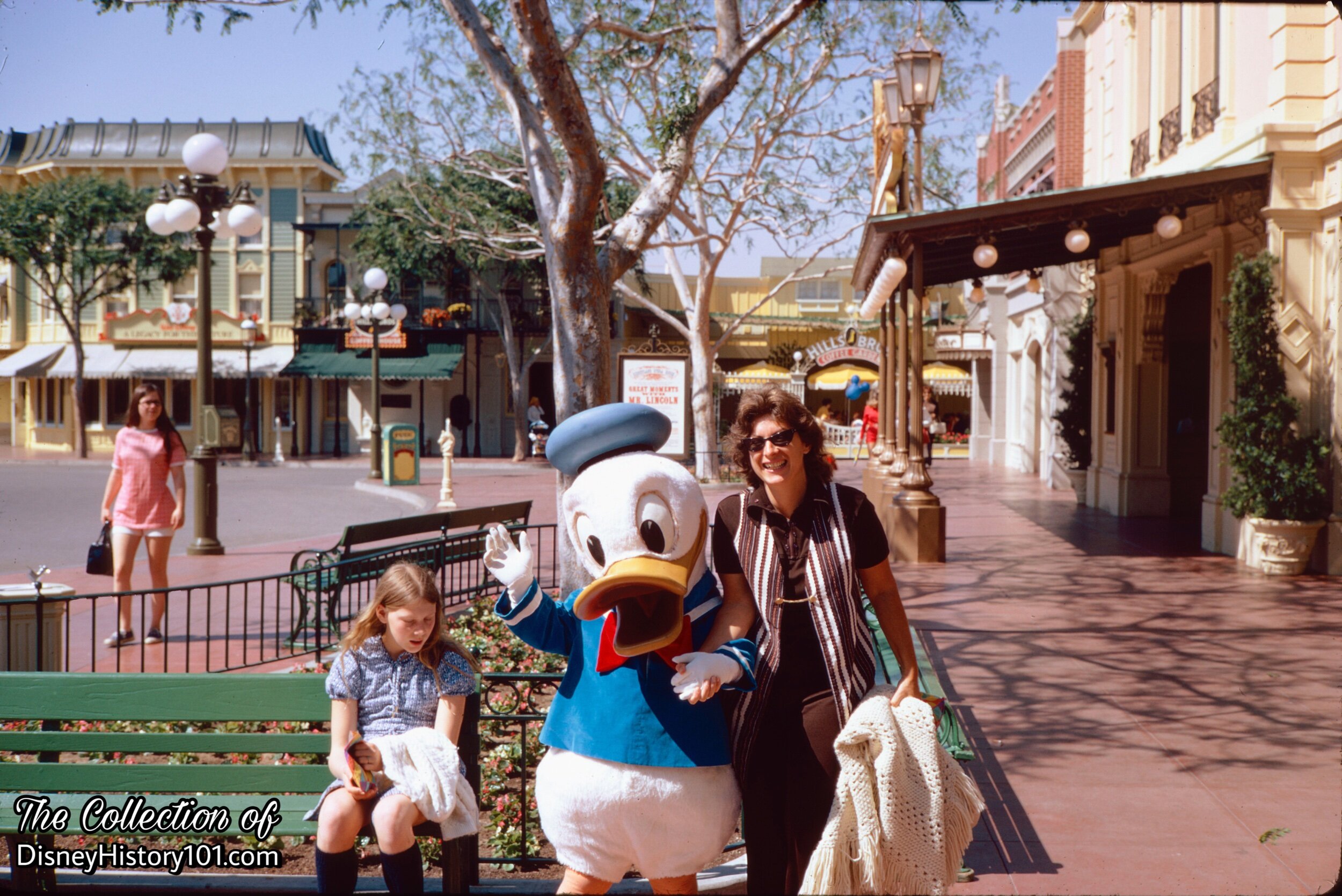

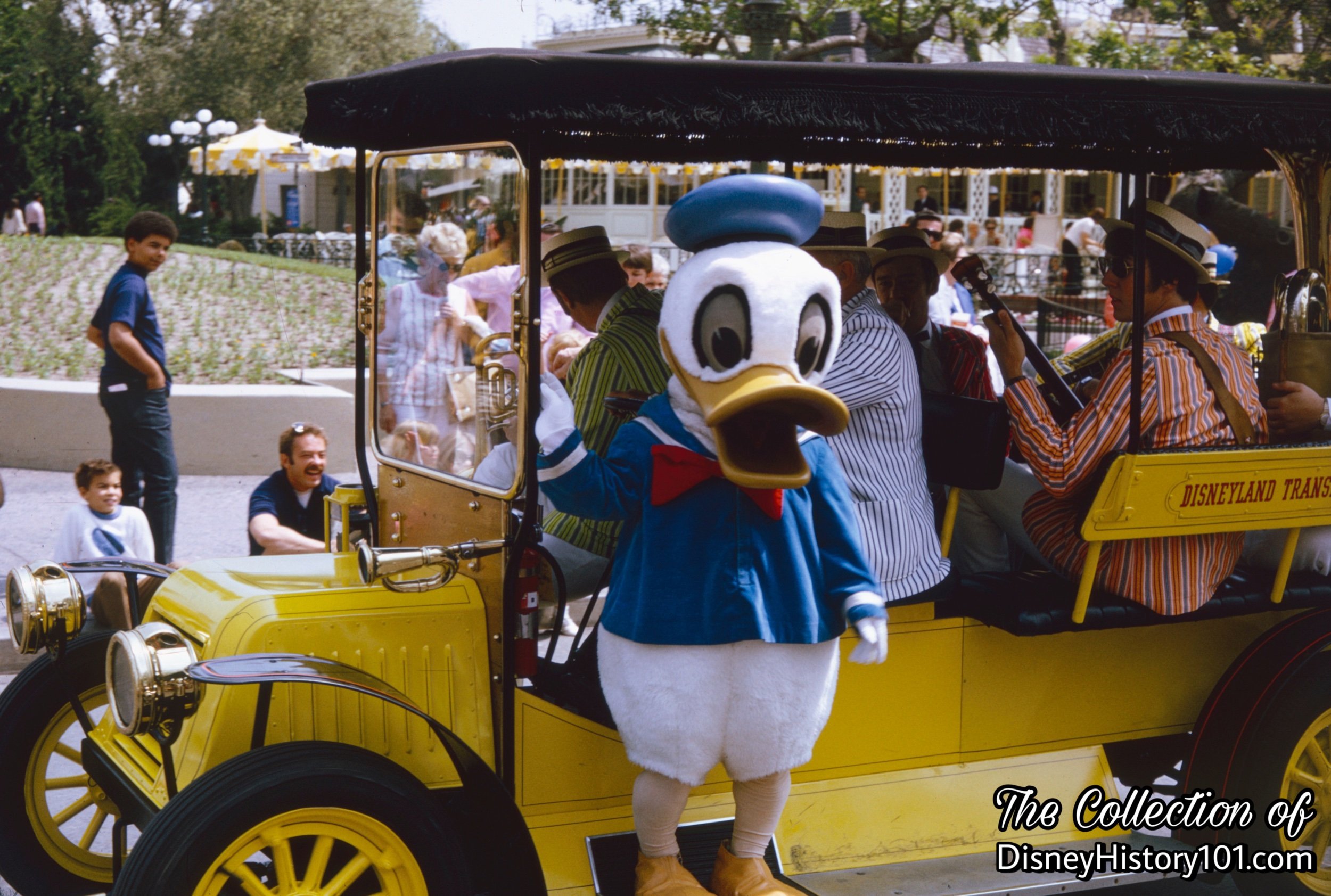
In parades, Donald Duck usually rode aboard an '03 car driven by Operations.

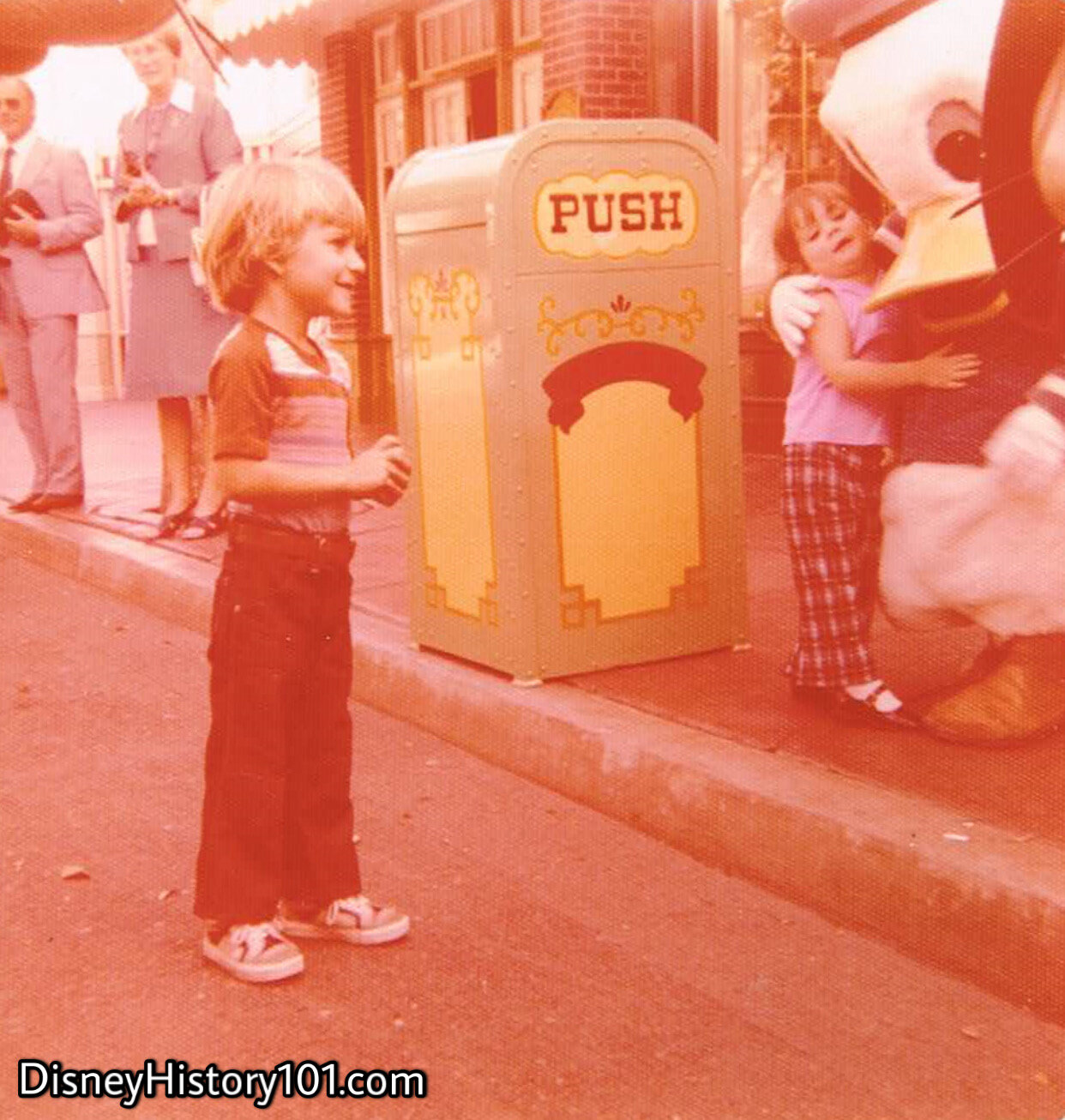
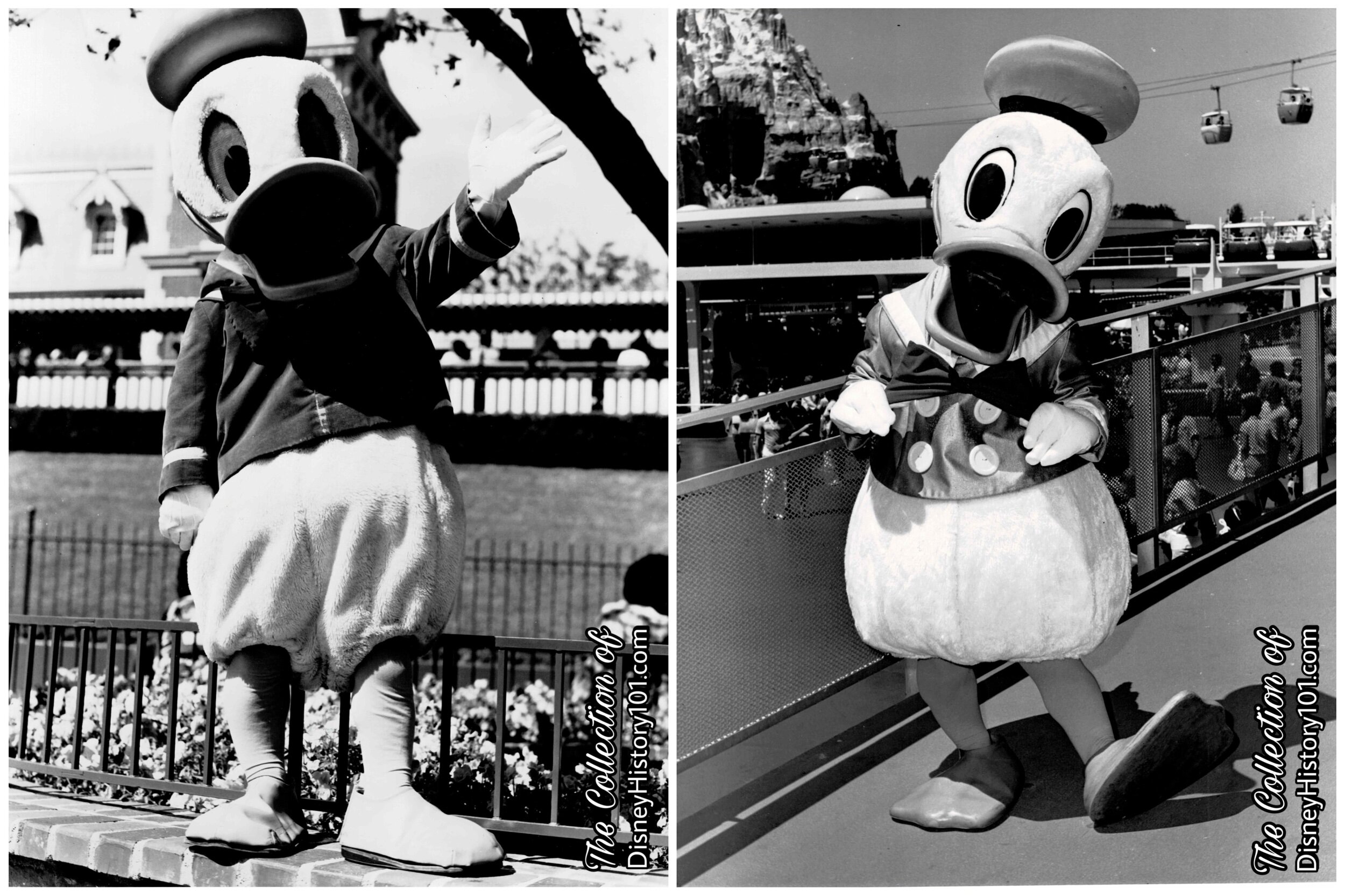
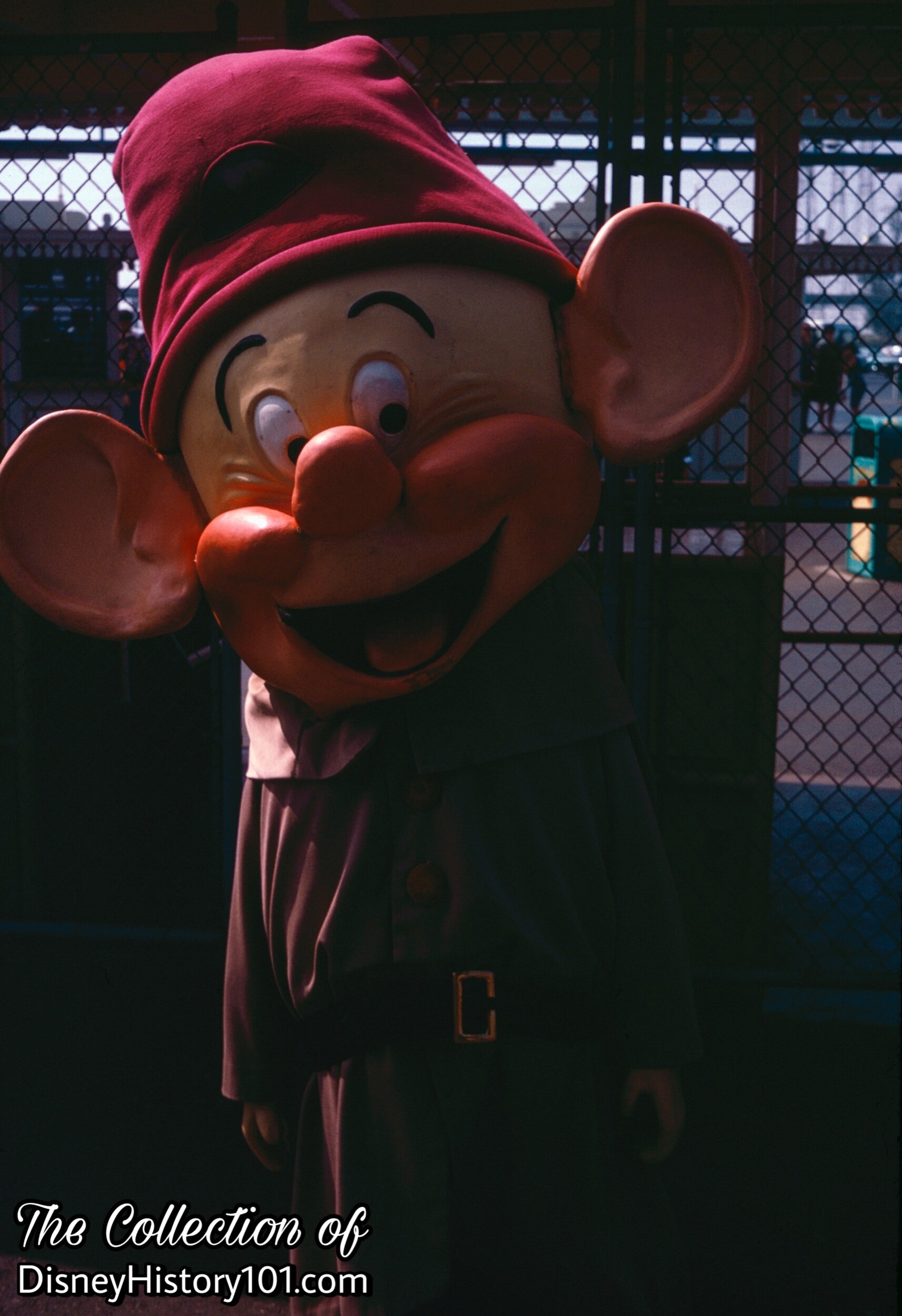
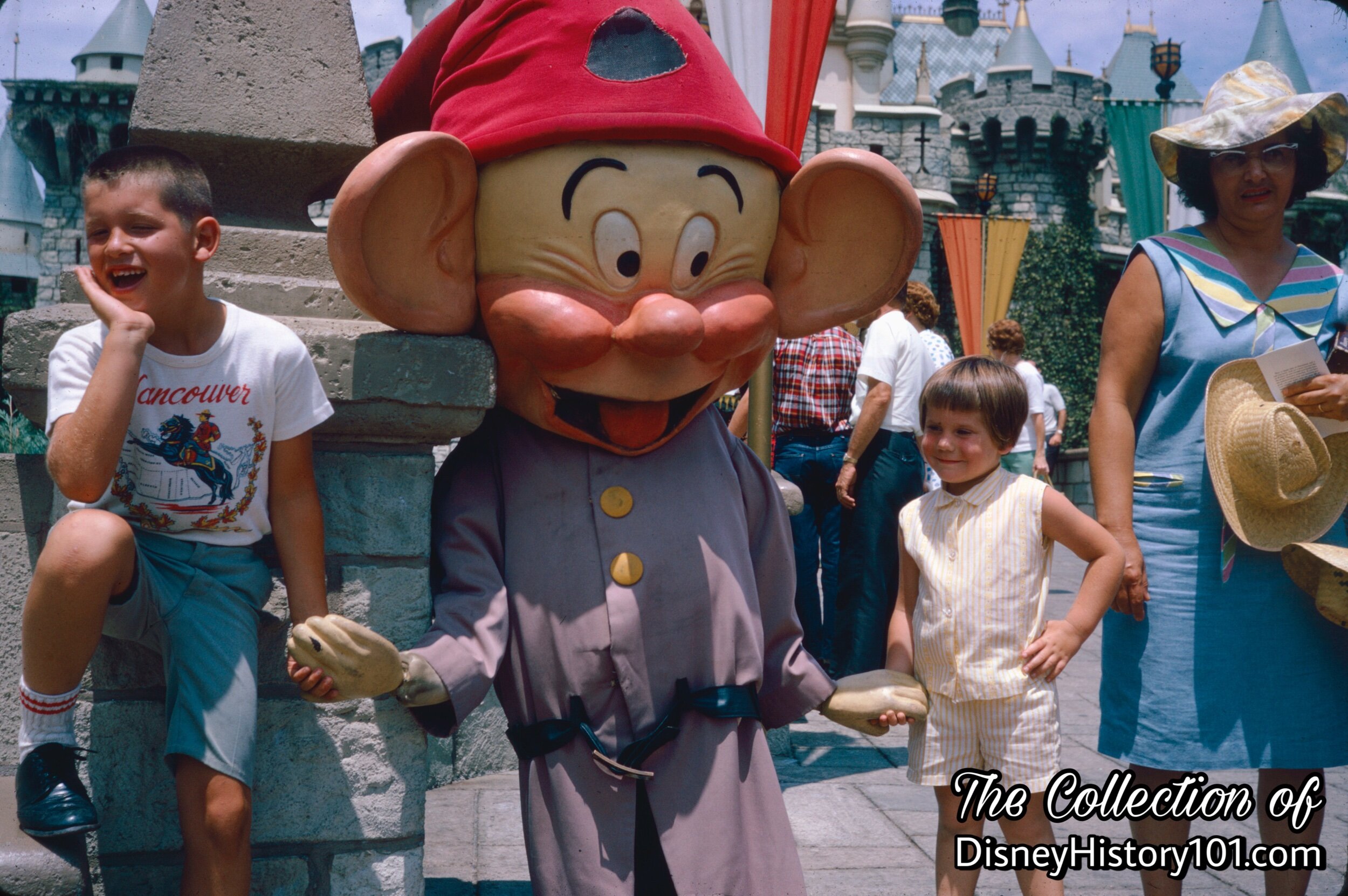
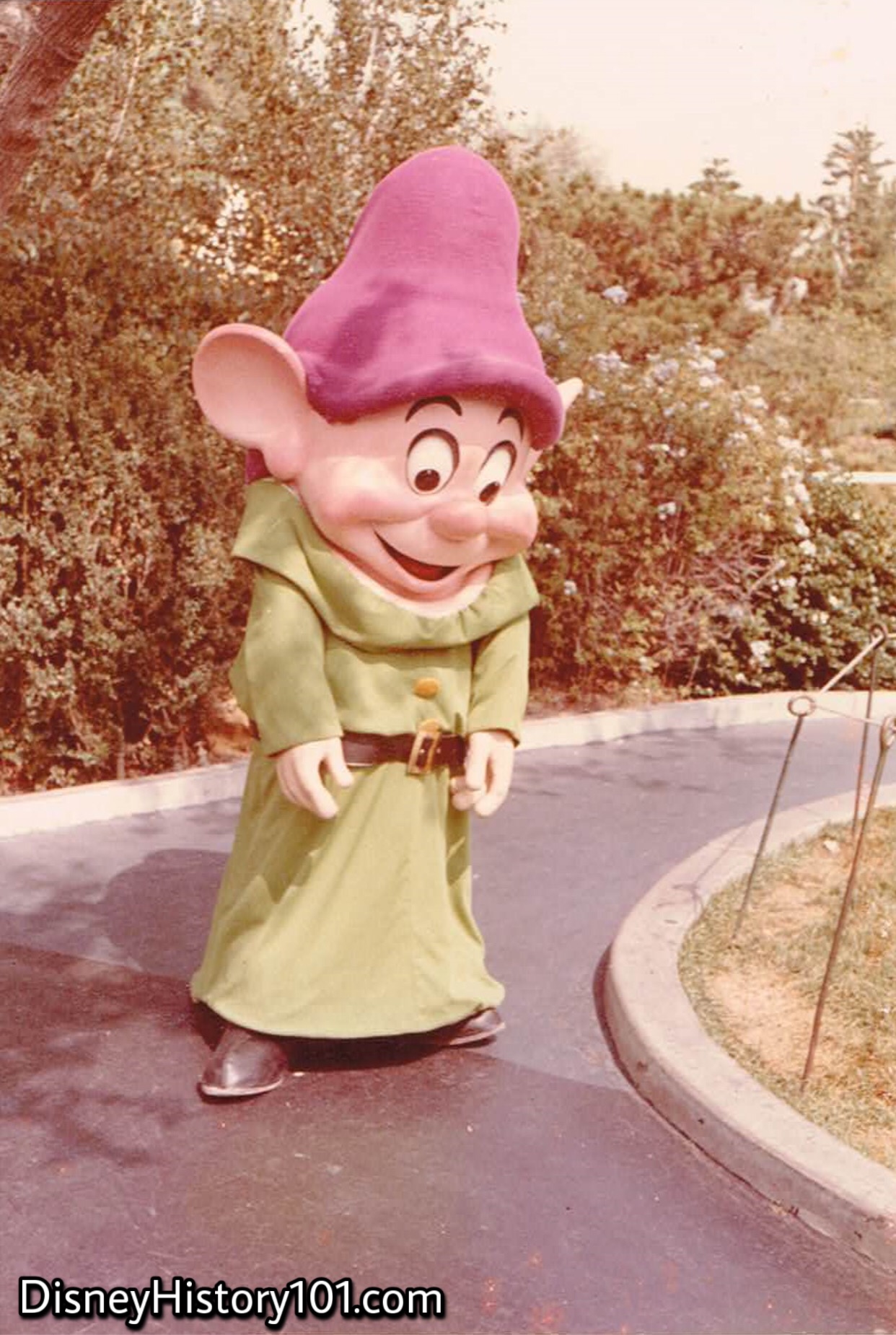
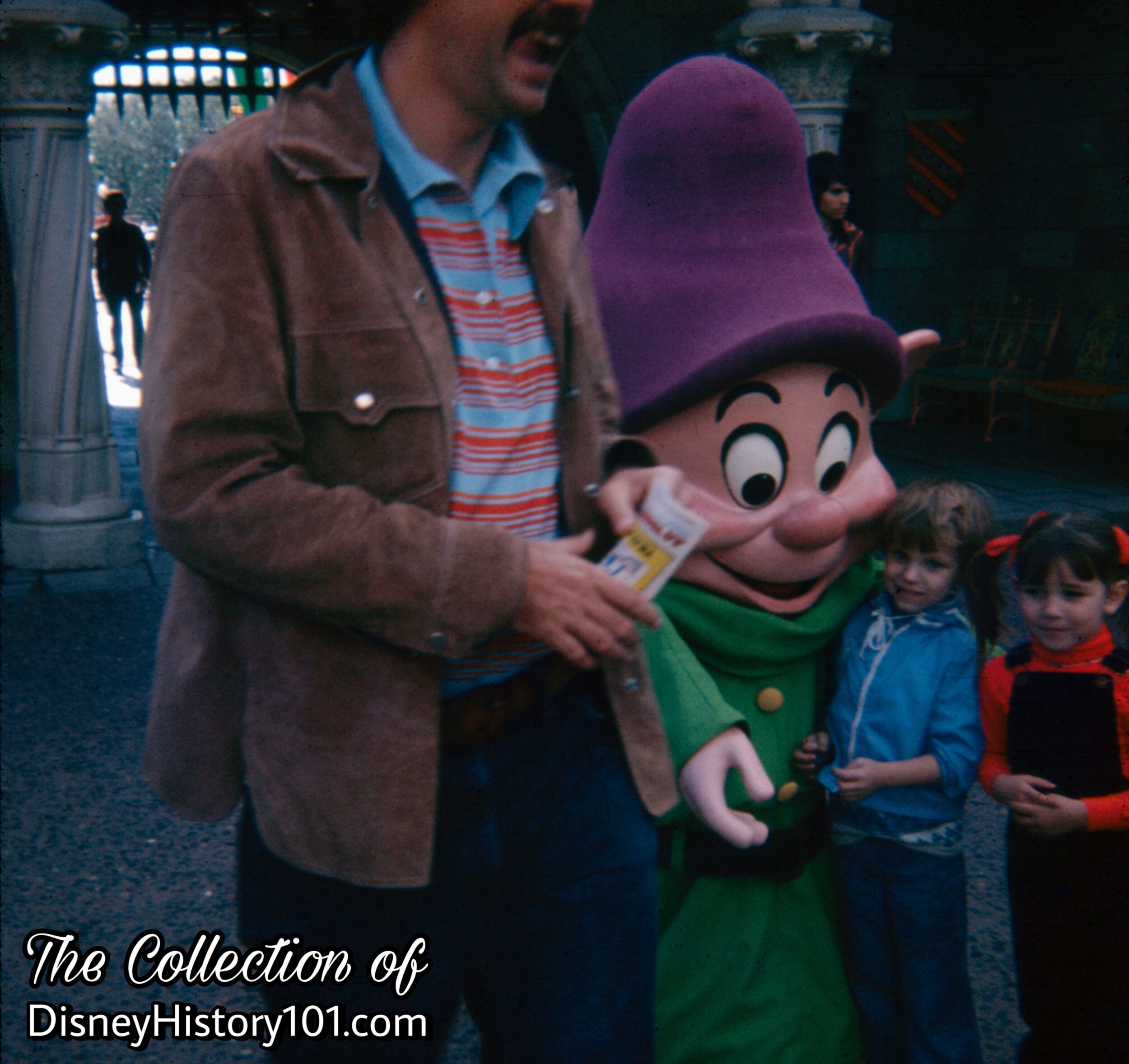

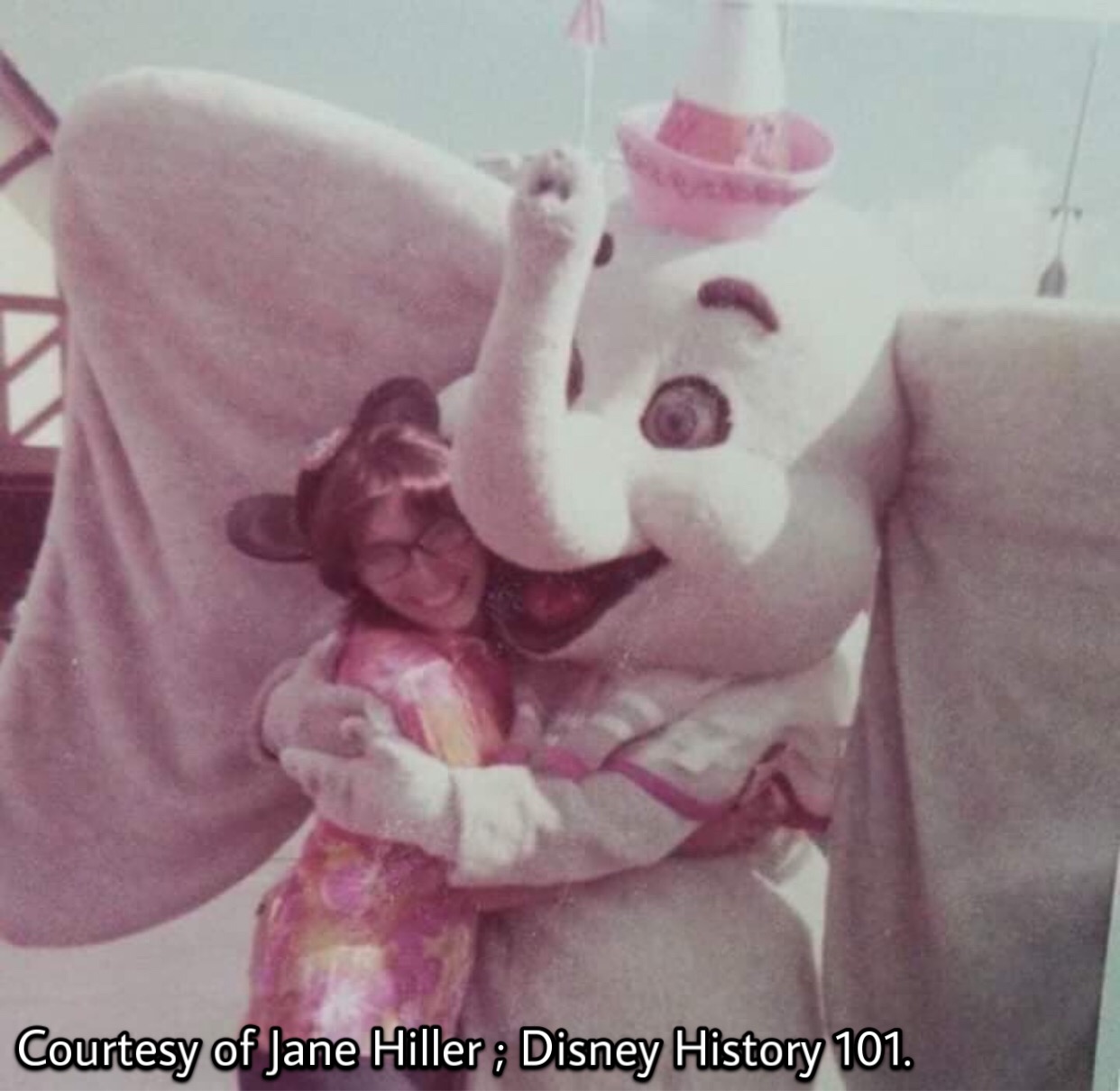
You may recollect (in our story above), that DUMBO has made appearances in Disneyland since the 1950s. Here, Dumbo epitomizes how to express “Disney courtesy” in a non-verbal way!
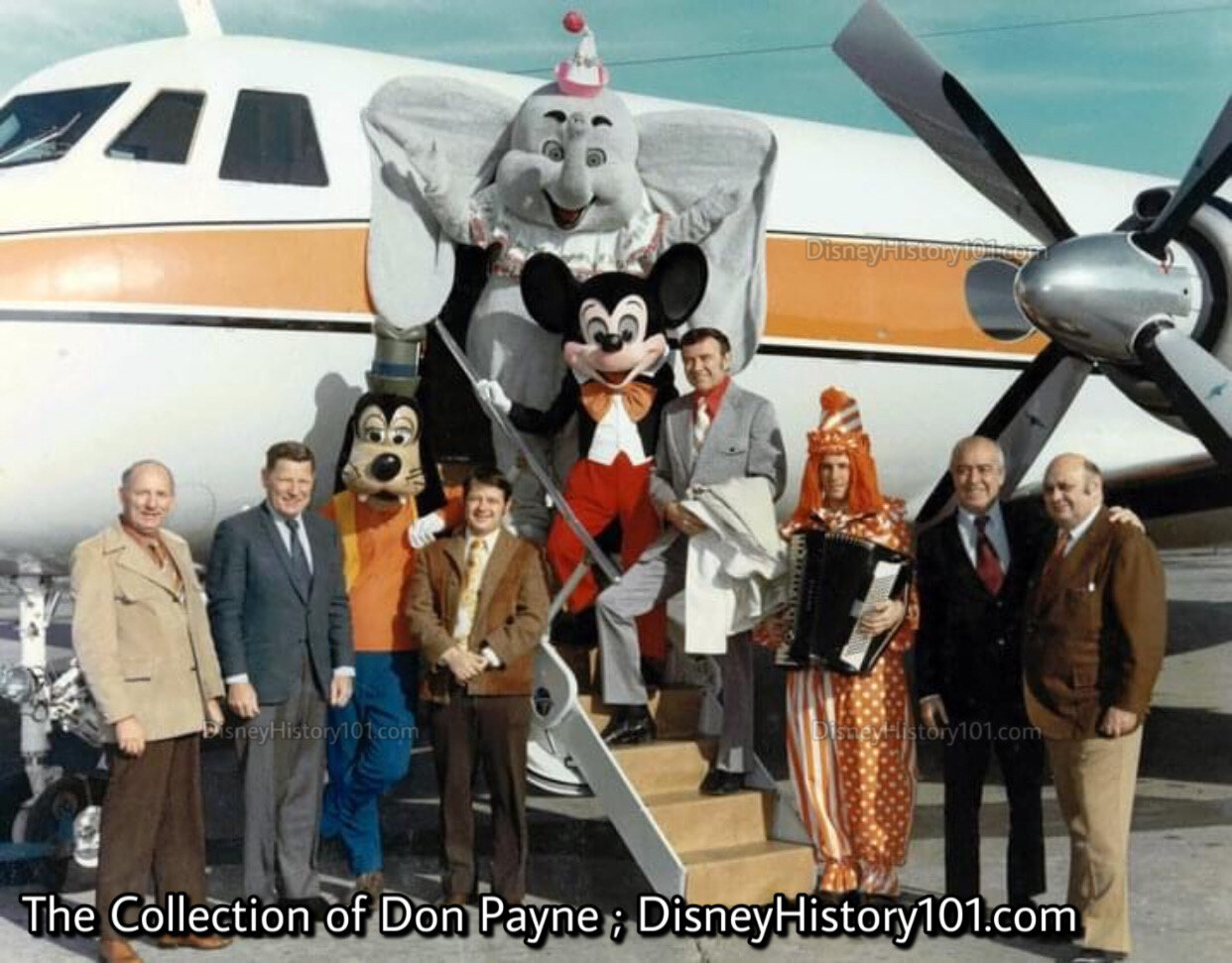
A group shot taken outside Walt’s private Grumman Gulfstream jet, Denver Colorado, October 16th, 1972.
Left to Right : Chuck Malone (Pilot), Kelvin Bailey (Pilot), Greg Dymkowski (Goofy), Tom T.R. Robbins (Wardrobe), Don Payne (Dumbo), Lee Lomask (Mickey Mouse), Fulton Burley (Ringmaster / M.C.), Joe Diamond (Musician/Clown), Frank Petraglia (Tour Manager/Buena Vista Distribution), Marvin Goldfarb (Area Manager/Buena Vista Distribution).
Greg Dymkowski (who portrayed Goofy during the tour), remembers : “Cities included Birmingham, New Orleans, Washington DC, Boston, Buffalo / Windsor, Chicago, Pittsburgh, Denver, and Seattle. We were up before dawn daily to appear on each city’s local kiddie show…One was called Clancy the Cop [at Minneapolis WCCO] . His sidekick was [Carmen the Nurse]…The host of the show in Windsor was an old friend of Fulton’s. The key appearance was on the Bozo Show in Chicago. That show had an orchestra, and parents had to write for tickets years in advance.”
As for flying in Walt Disney’s Gulfstream I, Greg adds, “One of the seats in the rear of the Gulfstream I (turboprop) had its own phone. We were told that it had been Walt’s seat.”
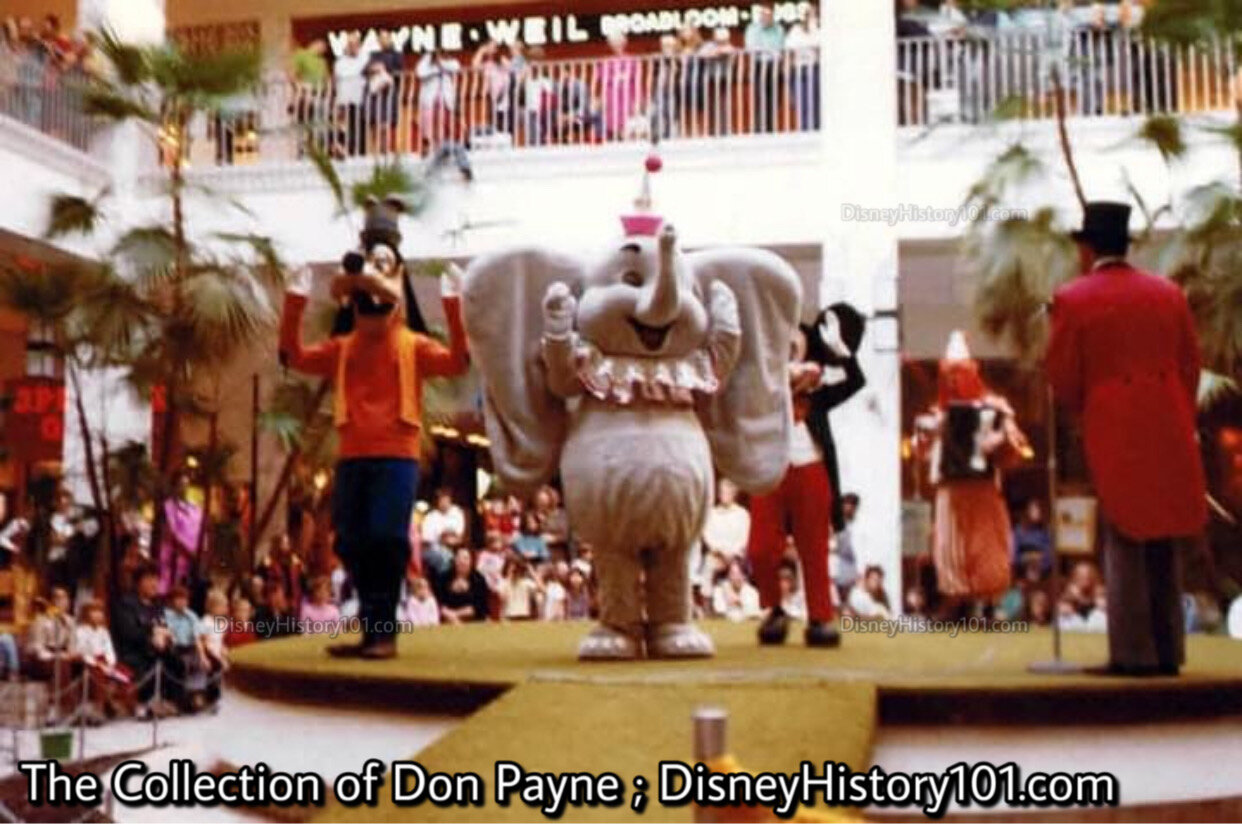
Here is a candid shot taken at a mall performance in Pittsburgh, Pennsylvania on Monday, October 9, 1972. These events were physically demanding but a lot of fun. Left to right : Greg Dymkowski (Goofy), Don Payne (Dumbo), Lee Lomask (Mickey), Joe Diamond (Musician Clown), Fulton Burley (Ringmaster M.C.)
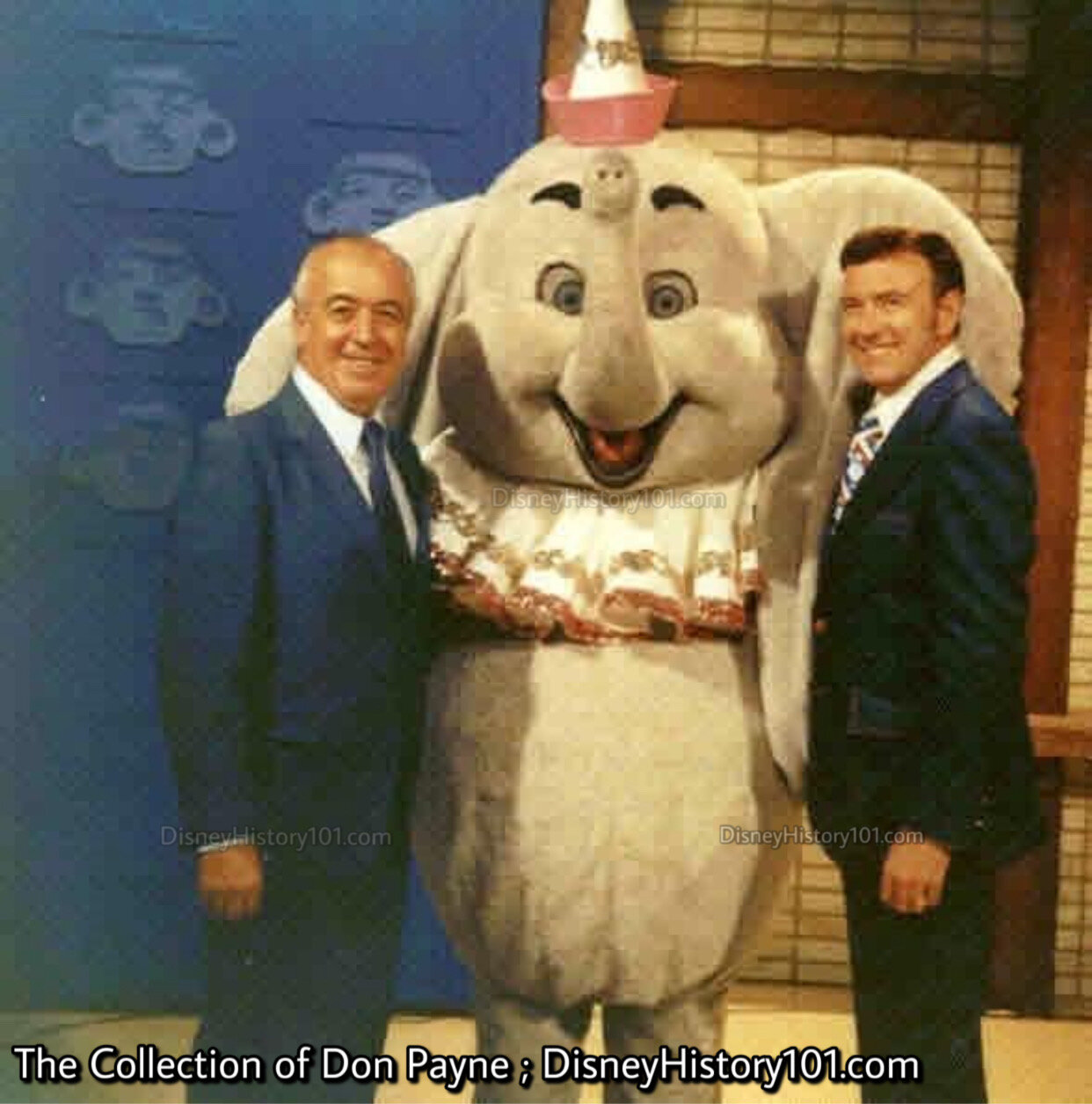
Same T.V. show set, just after our live performance. Left to Right : Frank Petraglia (Tour Manager/Buena Vista Distribution), Don Payne (Dumbo), Fulton Burley (Ringmaster/M.C.). You’ll notice that Dumbo’s left ear is drooping. The Fiberglas support had been broken in transport. There was no possible way to repair it while away from the staff shops at Disneyland.
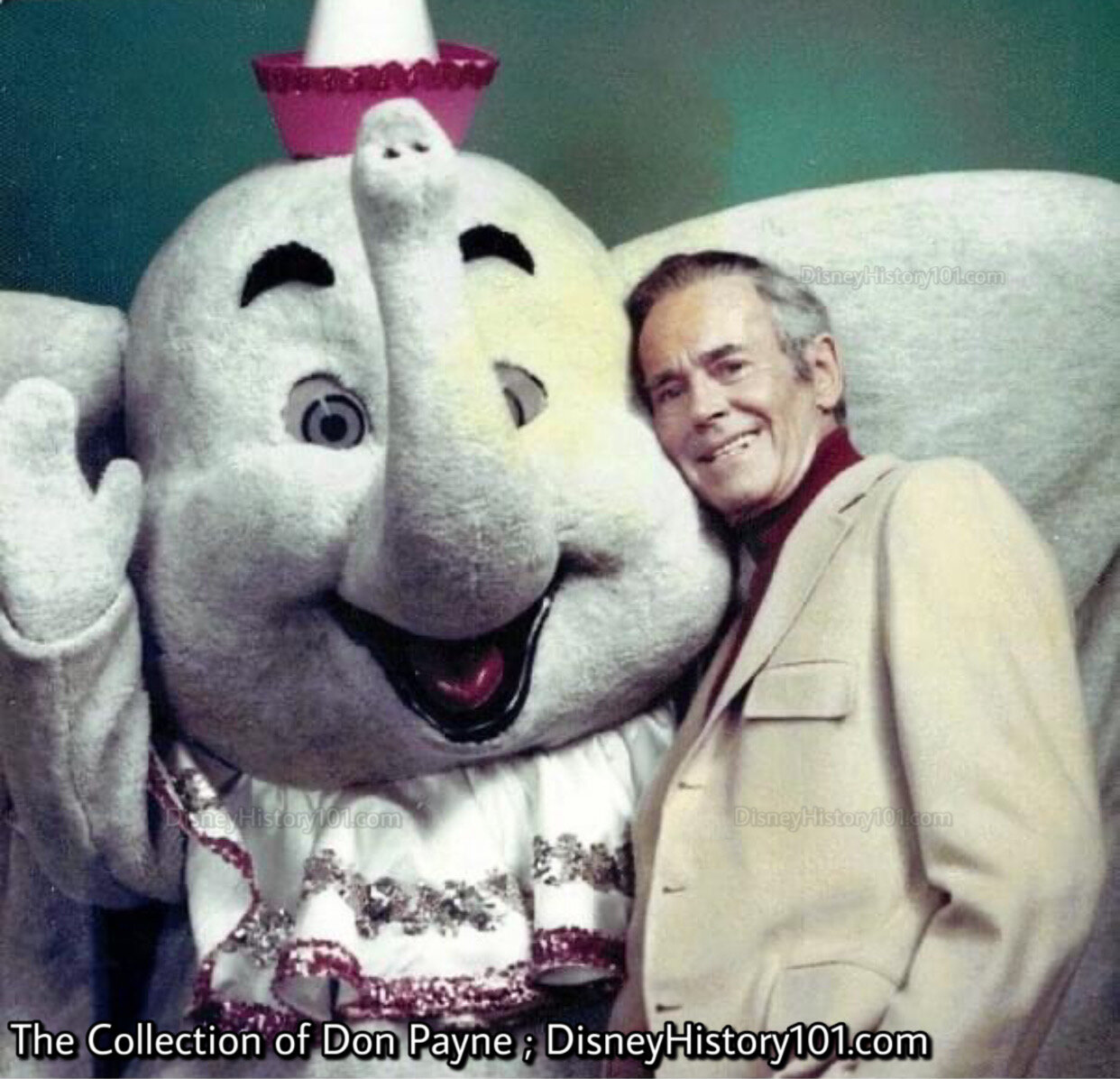
Former Cast Member Don remembers : “We shot a GAF commercial over the span of two days. Mr. Fonda was gracious in volunteering to pose with the Disney cast (Mickey and Dumbo).”
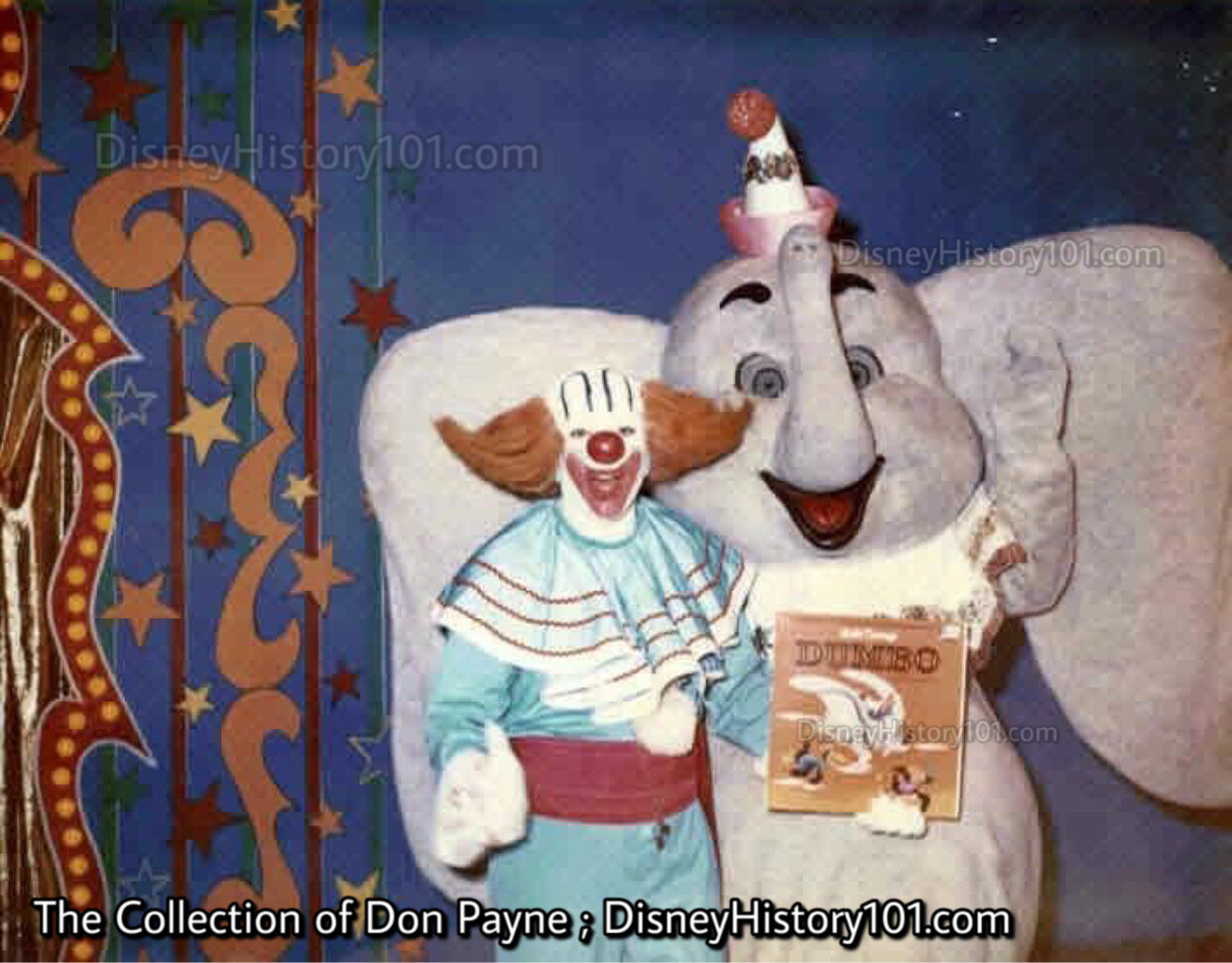
The Dumbo T.V. show in Windsor, Canada. I believe Bozo was portrayed by Art Cervi at this point.
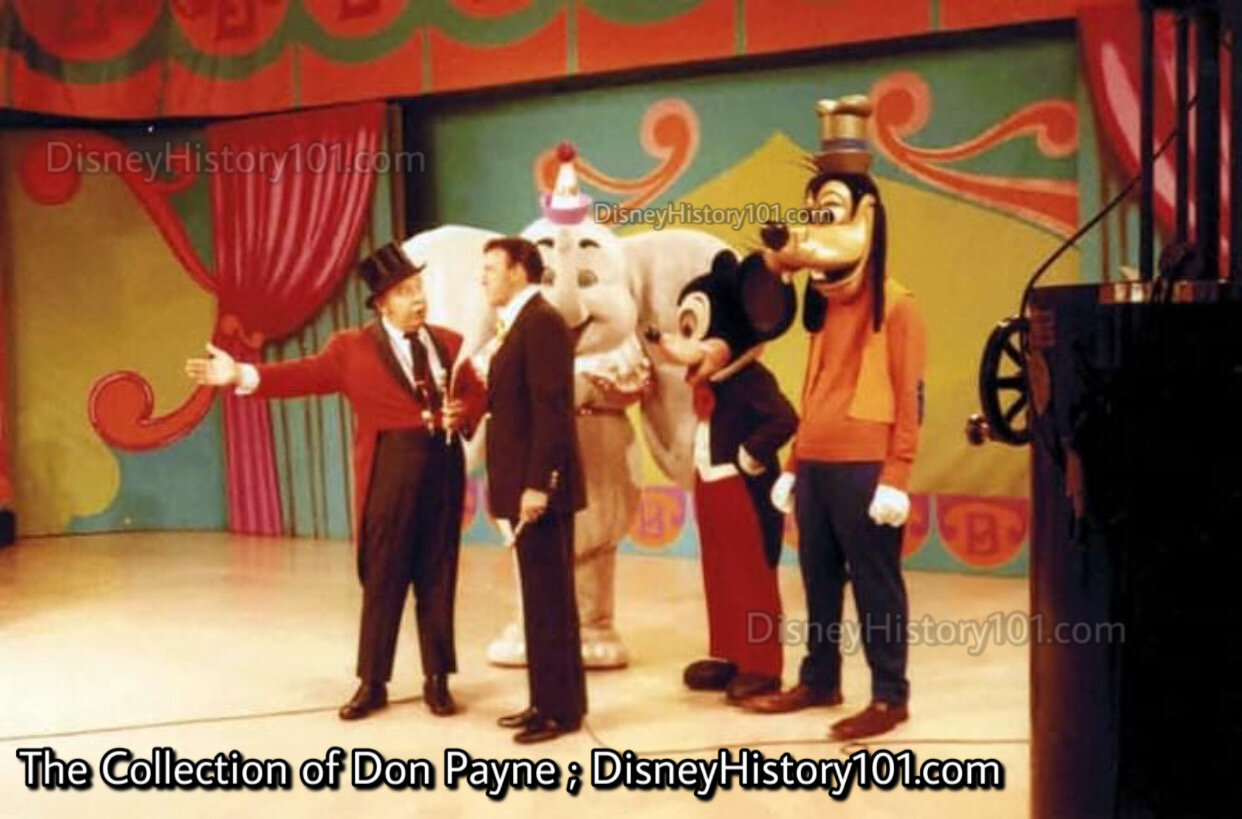
The Bozo T.V. Show, Chicago, Illinois. This is an ‘on the air’ shot with the Dumbo cast and Ned ‘Ringmaster’ Locke taken Tuesday, October 10, 1972. Left to Right : Ned Locke, Fulton Burley, Don Payne (Dumbo), Lee Lomask (Mickey), and Greg Dymkowski (Goofy).

•Eeyore (Winnie the Pooh) - Winnie the Pooh’s gloomy friend made his film debut in Walt Disney’s The many Adventures of Winnie the Pooh in 1967. The film won an Academy Award for Best Animated Short Film.
•Eleroo (The Wuzzles) - This character is believed to have appeared in Walt Disney’s Magic Kingdom On Ice: Sport Goofy from 1985 to 1986.
•Esmerelda -
•Eric -
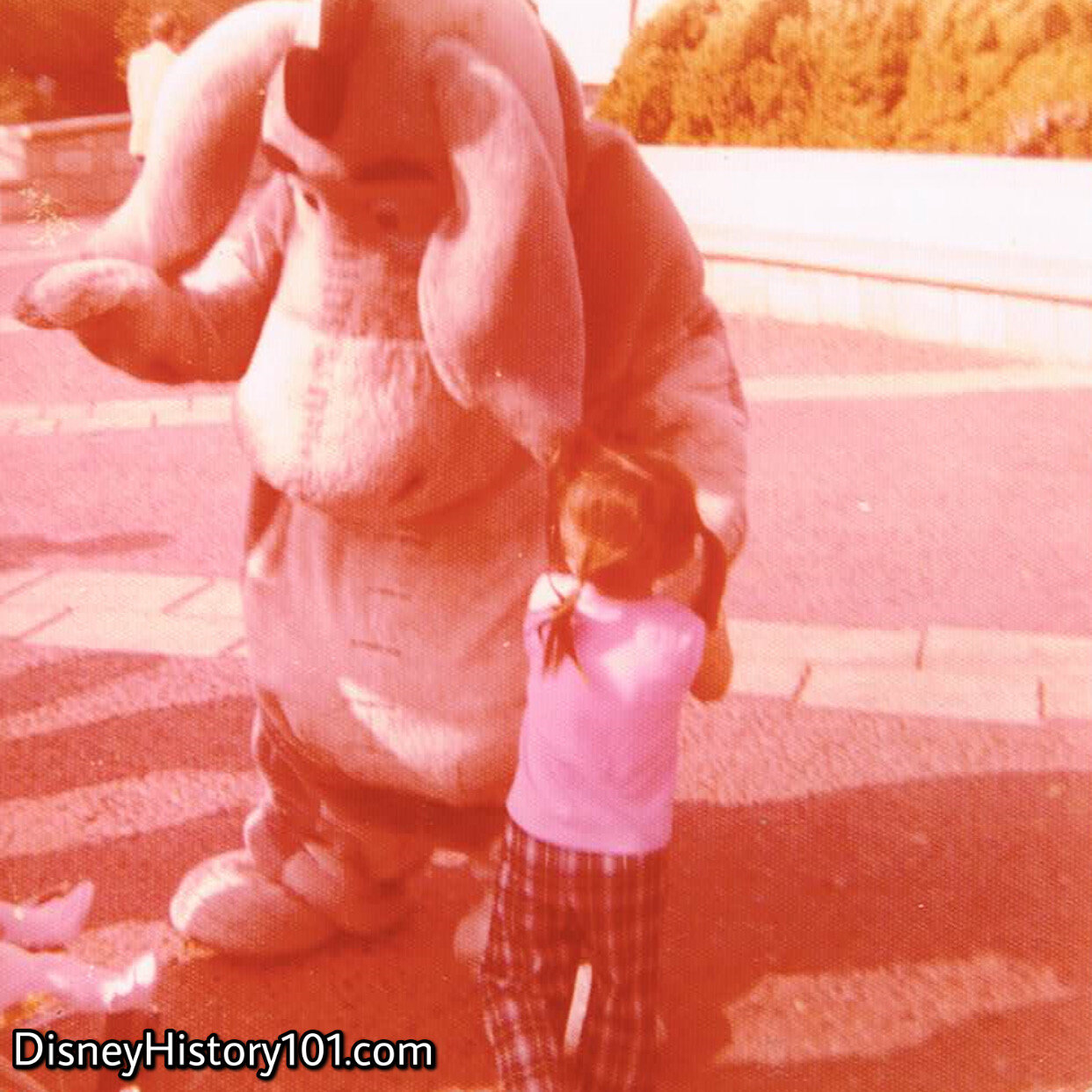
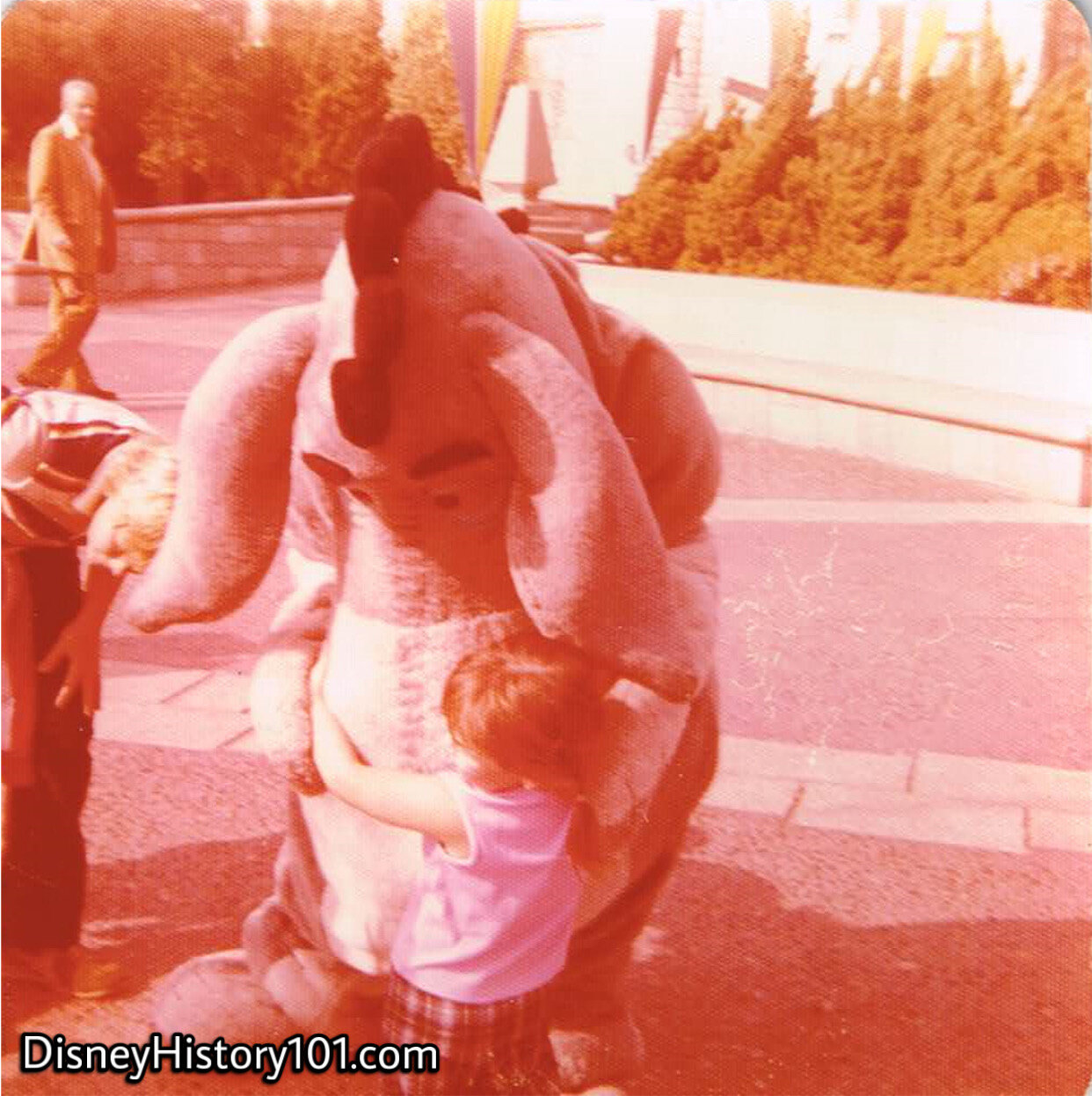
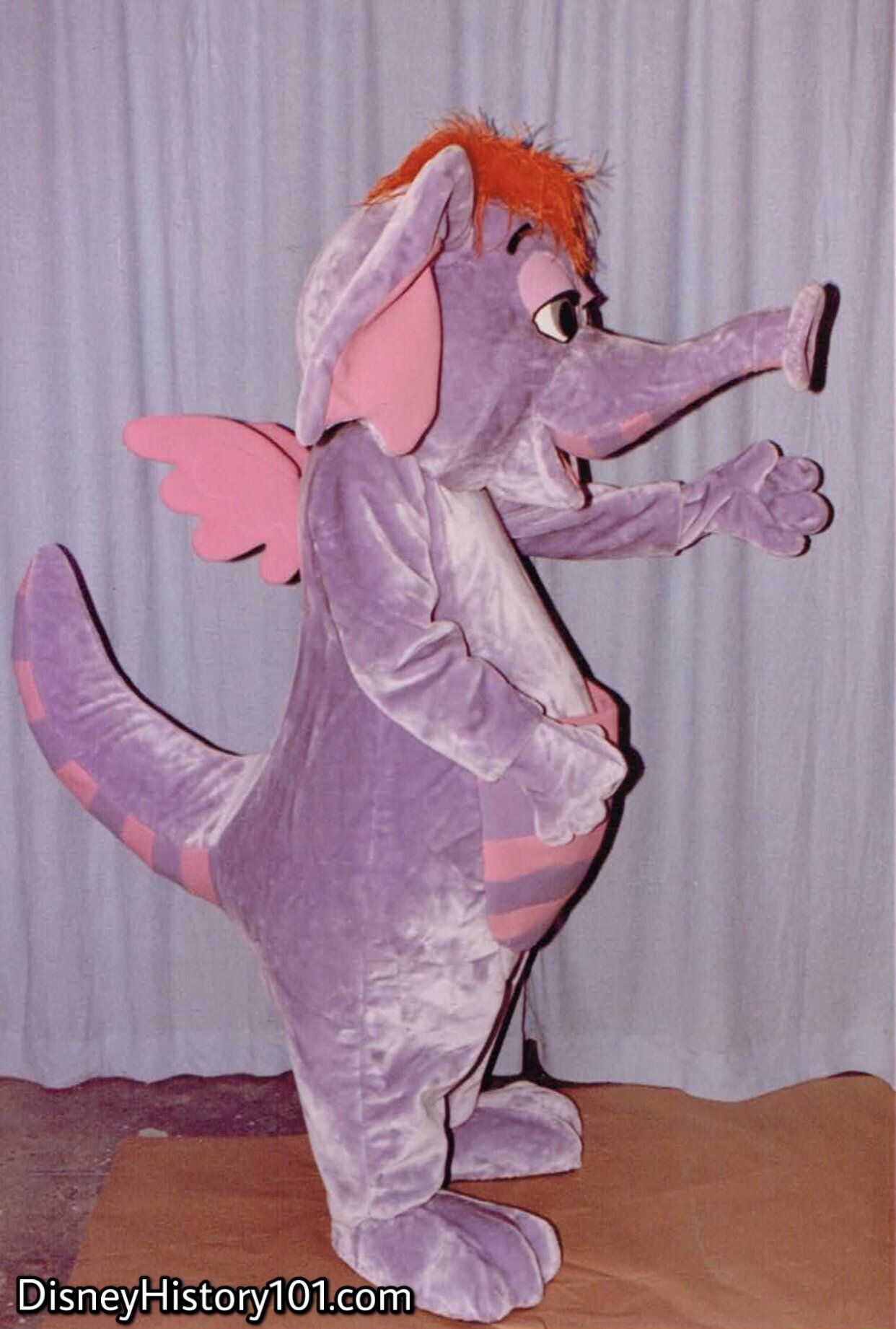


•Fa Zhou - Mulan's stern but sensitive father rode in a carriage in the Mulan Parade.
•Fairy Godmother (Cinderella) - Fairy Godmother is a Disney Face Character who can talk, communicate with Guests, and create magical Disney experiences for them.
•Fantasyland Court Jester - The Fantasyland Court Jester entertained guests of Sleeping Beauty Castle Courtyard in Fantasyland. He could often be found juggling and performing an assortment of magic tricks while riding his unicycle.
A “Five Minute Fairytale about the Fantasyland Court Jester” could be summed up this way: Christopher Fair (a young magician who performed on the Mickey Mouse Club’s Talent Round Up Day, had a knack for performing magic tricks. Walt kept an eye on this aspiring talented young man. Christopher continued to learn and grow, and was soon recognized as the International Brotherhood of Magician “1958 Juvenile Magician Champion” award. In 1959, upon graduating from high school, Christopher received a phone call from Walt Disney, inviting him to an interview at Walt Disney Studios in Burbank, California. Christopher did not feel confident performing close-up magic, but he was determined to learn. In addition, it was Christopher’s idea to utilize a unicycle in his act. Upon convincing Entertainment Department heads of its safety, Christopher began incorporating it. Christopher agreed to work for Disneyland, and went on to portray the soon-to-be Fantasyland icon during 1959.
The Fantasyland Court Jester (portrayed by Christopher Fair) was part of a promotional photo shoot with the Queen (portrayed by Annette Funicello. Two years later, the talented Christopher Fair was a headliner during Disneyland‘s Summer of ‘61 show, mentioned in “Disneyland News” (Vol.1, No.1) as part of the “entertainment themed mood of each ‘land.’”! The Fantasyland Court Jester was also part of the big summer (of 1963) talent lineup.
By the summer of 1966, he performed from 11 AM to 6 PM.
Two decades later, the Fantasyland Jester had a legacy of sorts in the Royal Jesters, juggling performers in New Fantasyland during the 1980s.
•Farley the Fiddler - In 1979, Charles “Farley” Francisco performed (alongside Bosco, Clem, Hickey, Lizard and Zeke) with “Montezuma’s Revenge” on the stage of the Golden Horseshoe. Farley performed a starring role as one of the “Billys” on the Big Thunder Ranch stage (even playing the mandolin). During recent decades, Farley could be found fiddling (and playing the jaw harp) on the porch of Davy Crockett’s Pioneer Mercantile shop set. Occasionally other musicians (like the Billies) and other Frontierland Face Characters would join him in entertaining guests.
•Fauna - Fauna gave the gift of song.
•Figaro the Cat (Pinocchio)
•Flik -
•Flynn Rider - He also appears in “Mickey and the Magical Map” presented in the Fantasyland Theatre.
•Flora - Flora gives the gift of beauty.
•Flower (Bambi) - Flower and Thumper debuted in Walt Disney’s Bambi (on August 13, 1942). They were two of the newest Characters during the summer of 1964. Flower was part of the Pre-game “Walt Disney and Disneyland Salute to the California Angels” at the new Angels Stadium on Saturday, April 23rd, 1966!
•Foulfellow - Foulfellow made his debut in Walt Disney’s Pinocchio, on February 17, 1940. He made regular appearances at the “Small World” Area, greeting guests as part of the Character Program, “throughout the Christmas Holidays” (daily between parades, from 9:00am to 11:45am). [“Disneyland Holiday Talent Master Schedule,” prepared for the period of December 16, 1967 through January 1, 1968]
•Friar Tuck - Friar Tuck (the kindly pastor of Sherwood Forest) had his film debut in Walt Disney’s Robin Hood on November 8, 1973.
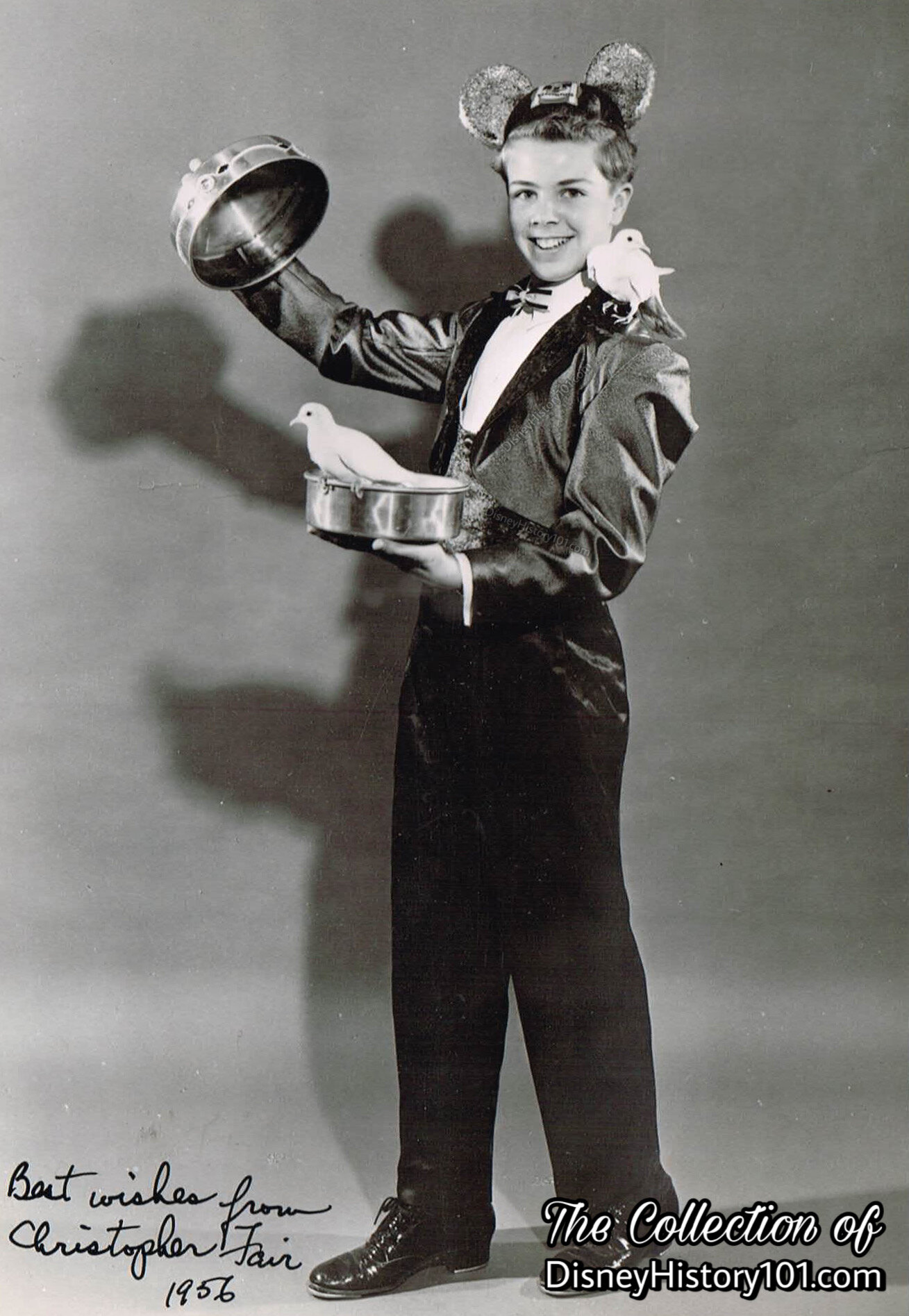
A young Christopher Fair made an appearance on the Mickey Mouse Club, and autographed this photograph for Karen Pendleton, which was sent (care of his mother) to her at Walt Disney Studios. We wonder if young Christopher knew at this point, that he was destined to become one of Fantasyland’s most memorable entertainers.
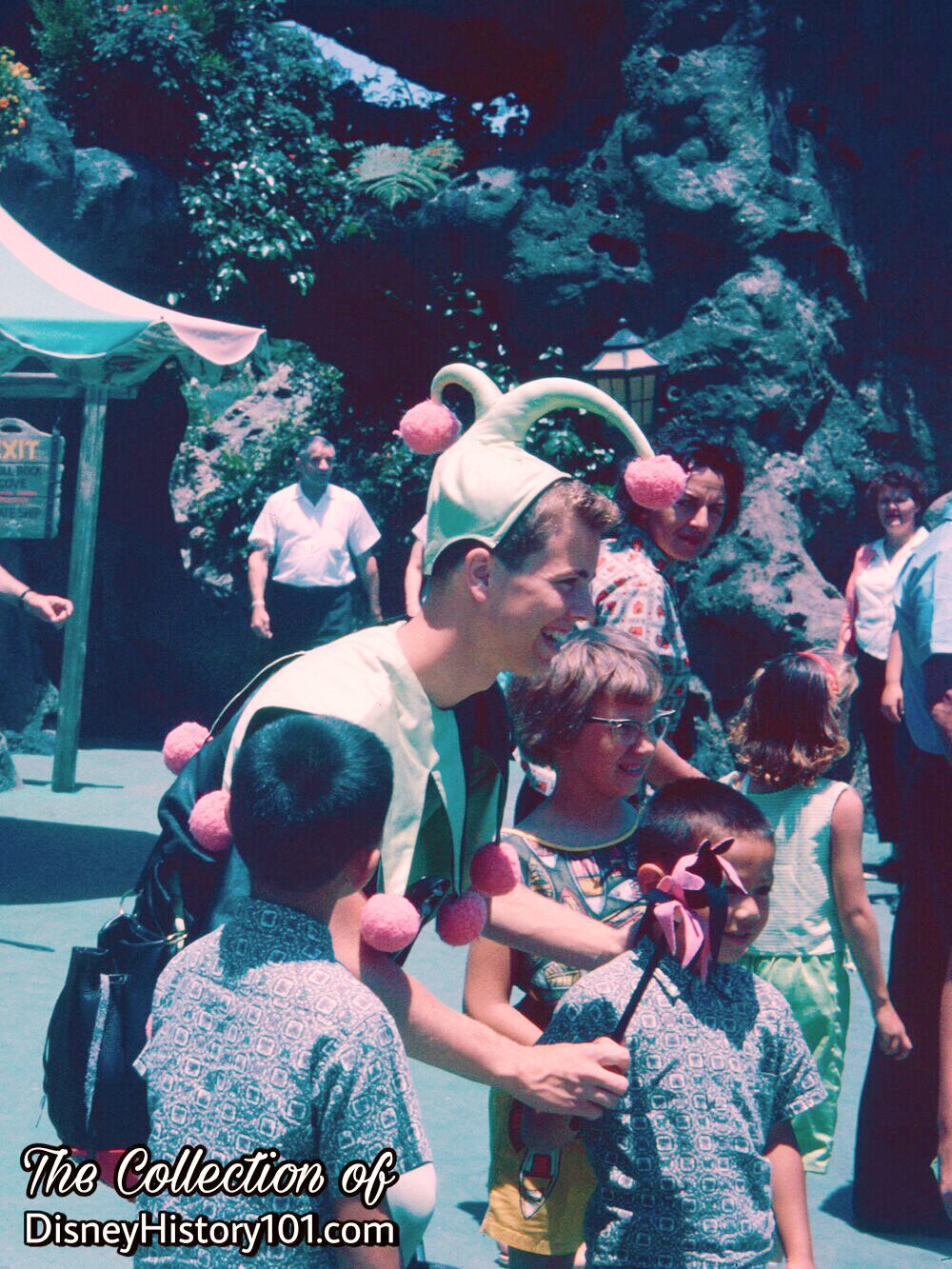
According to Backstage magazine (published Summer of 1965), “to successfully be ON STAGE at Disneyland means that you must have genuine liking for people. This is particularly true of Fantasyland, because of the close contact with the children of all ages.” Proving this, Christopher Fair (a headliner during Disneyland‘s Summer of ‘61 show) entertains a group of children in Fantasyland!
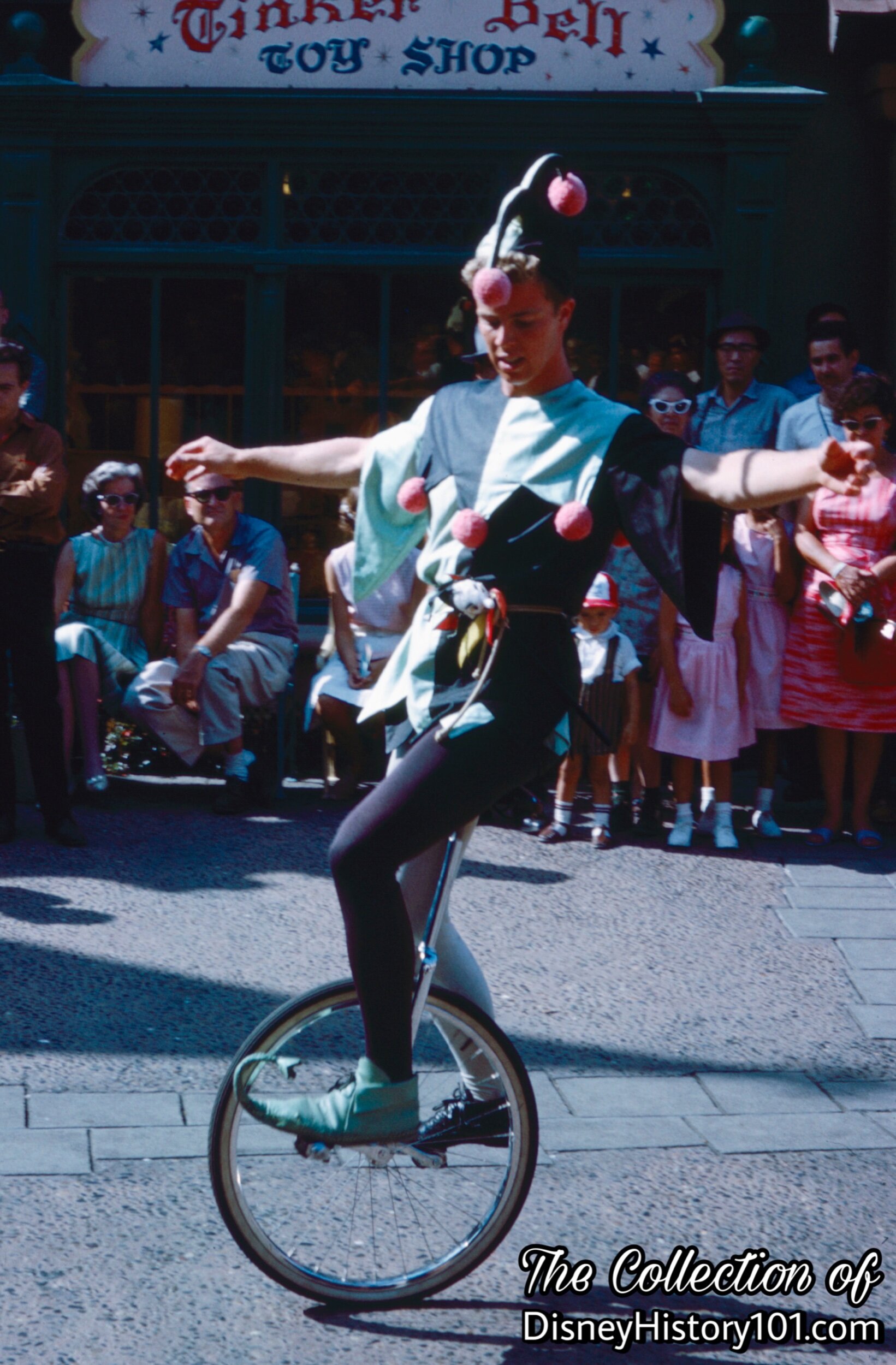
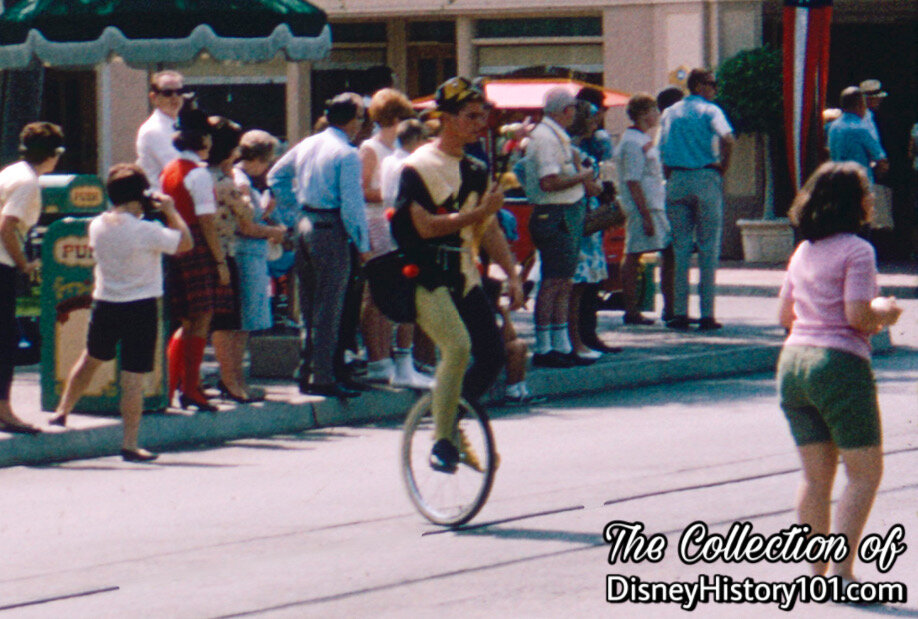

Roles like that of Farley have become much more challenging with each returning visitor. According to “Speaking on Stage,” prepared 1970: “Or roles become harder every day, too. Over half of our current guests are returning to Disneyland for their second, fifth, or twentieth time. These ‘returnees’ become less excited about the buildings and attractions that they've seen and much more interested and aware of the hosts and hostesses they come in contact with. This places much more demand on… Disneyland's representatives.” And so there rises a great demand for this representative of the Disneyland show to improve upon his showmanship and speaking!
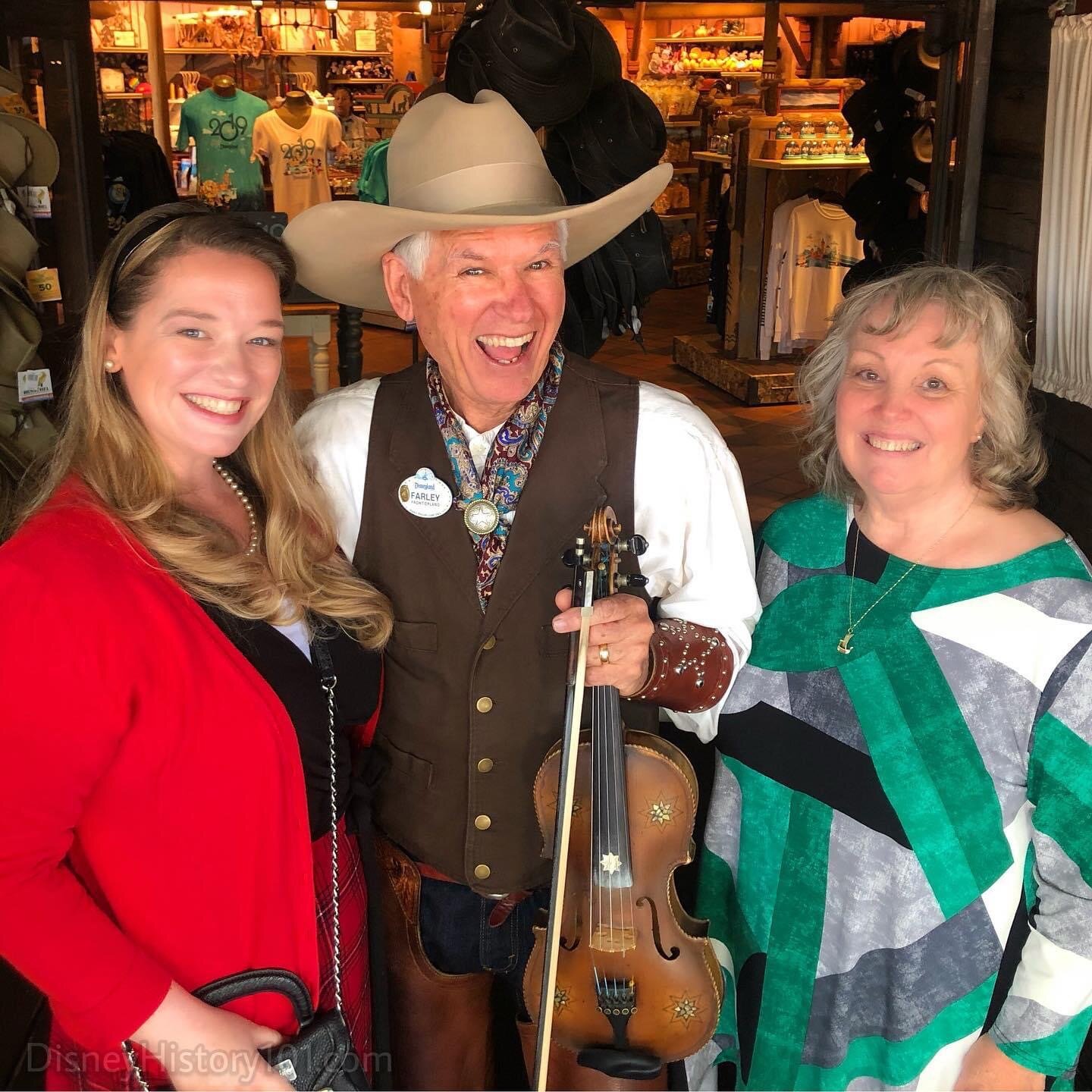
Like Sheriff Lucky and Black Bart (before him), Farley the Fiddler embodied the “Spirit of Frontierland”! This Farley did, while “stringing us along” for 33 years, excelling in his individual role both effectively and efficiently until his retirement! While most Face Characters do not sing songs, Farley’s role was truly unique, in that he sang to Guests.
This “five minute fairy tale” had a happy ending. I would like to share this final farewell photo (pictured above) with both Farley and his true-life fair wife - “Mrs. The Fiddler.”
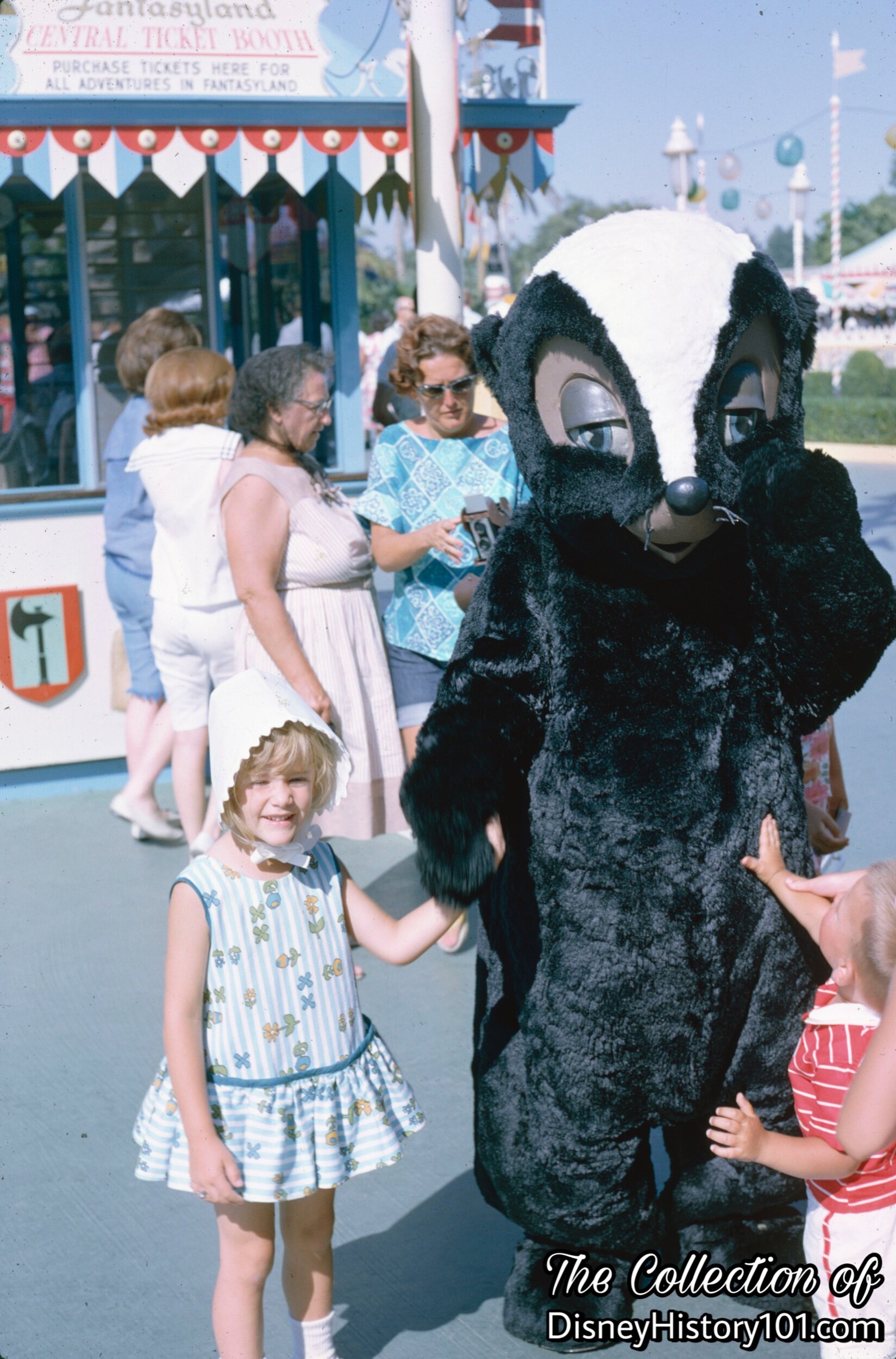
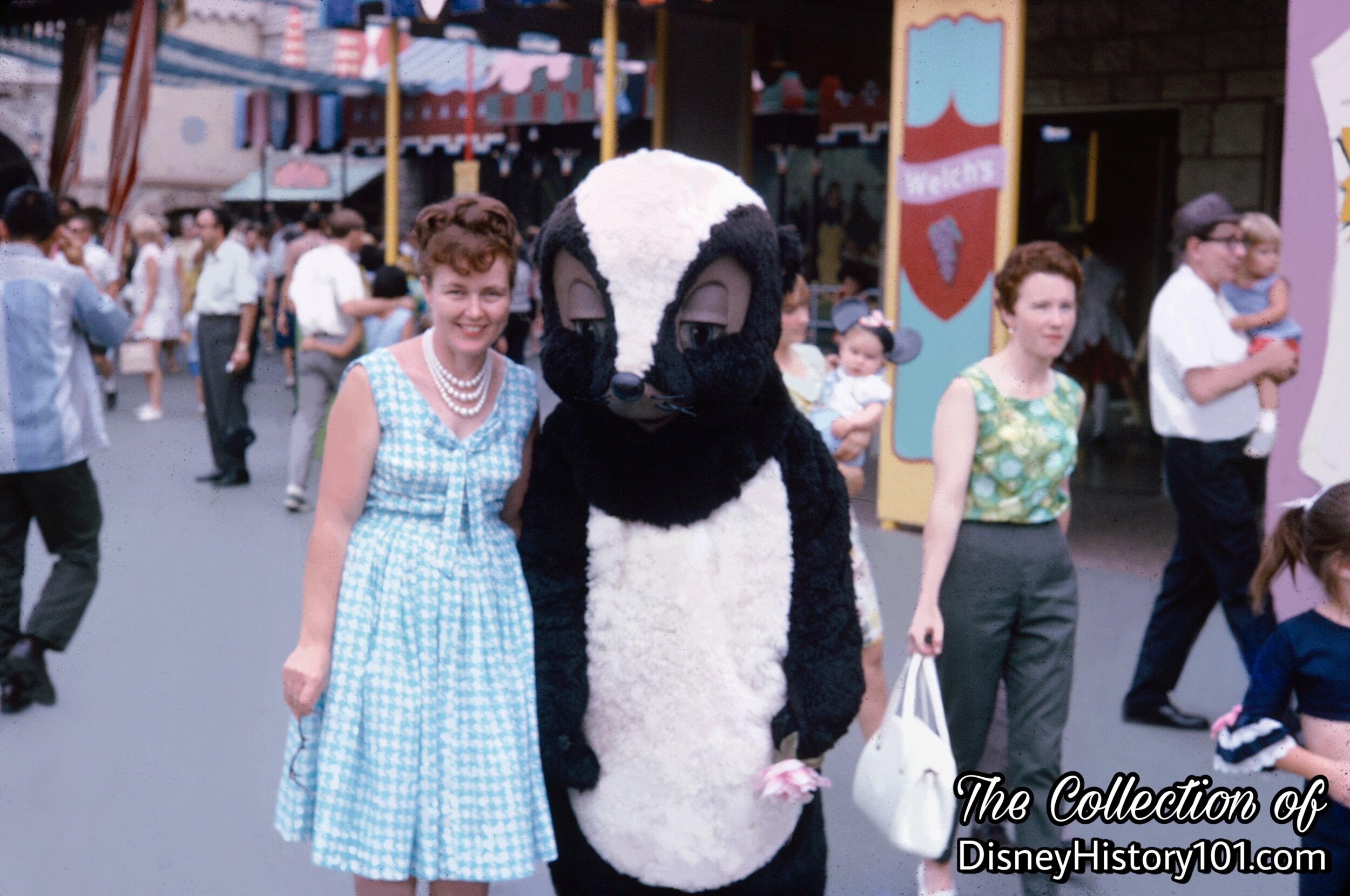
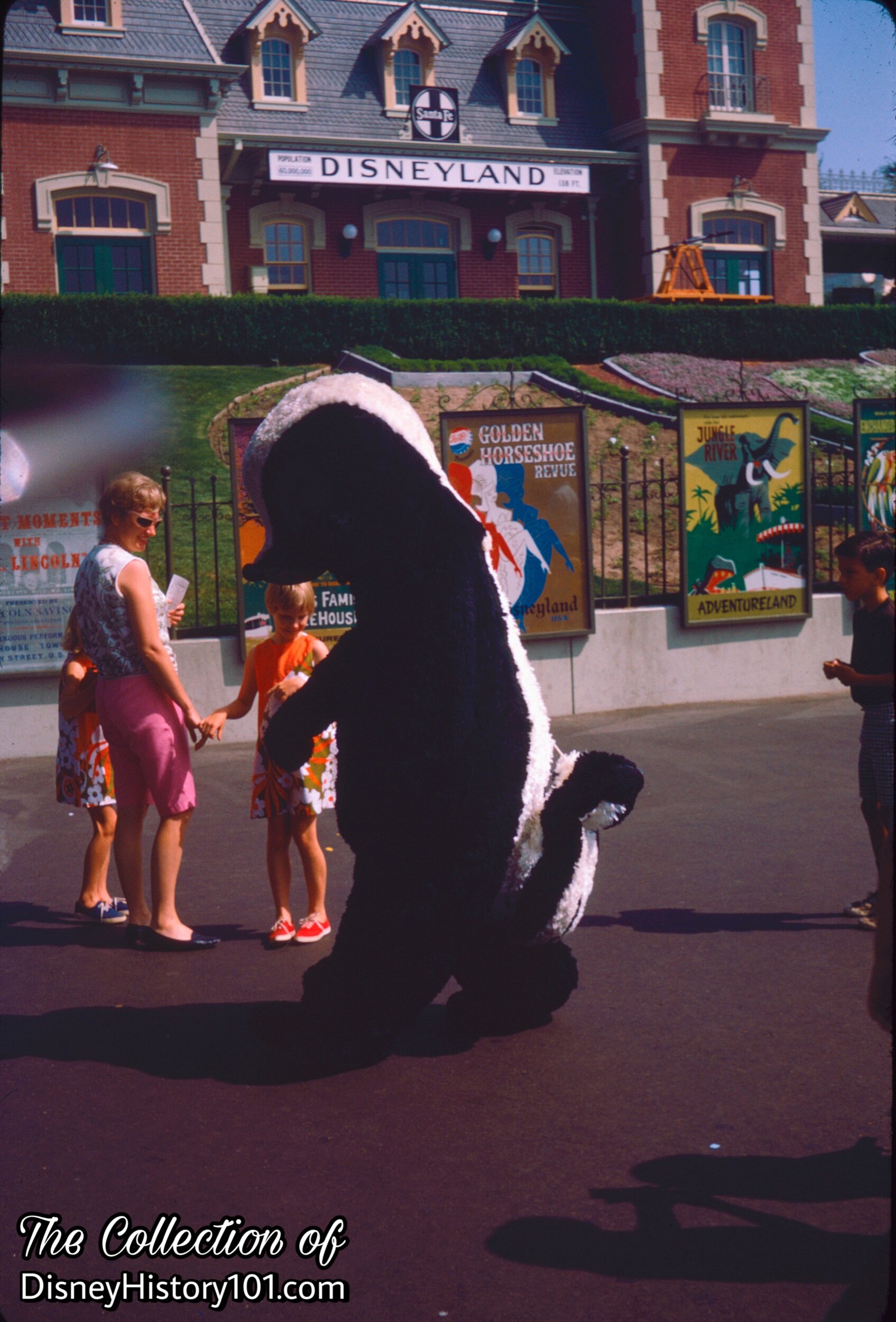
Flower the Skunk and Thumper the Rabbit (taken from Walt Disney’s Bambi) were some of the newest Disneyland stars to appear during the summer of 1964.
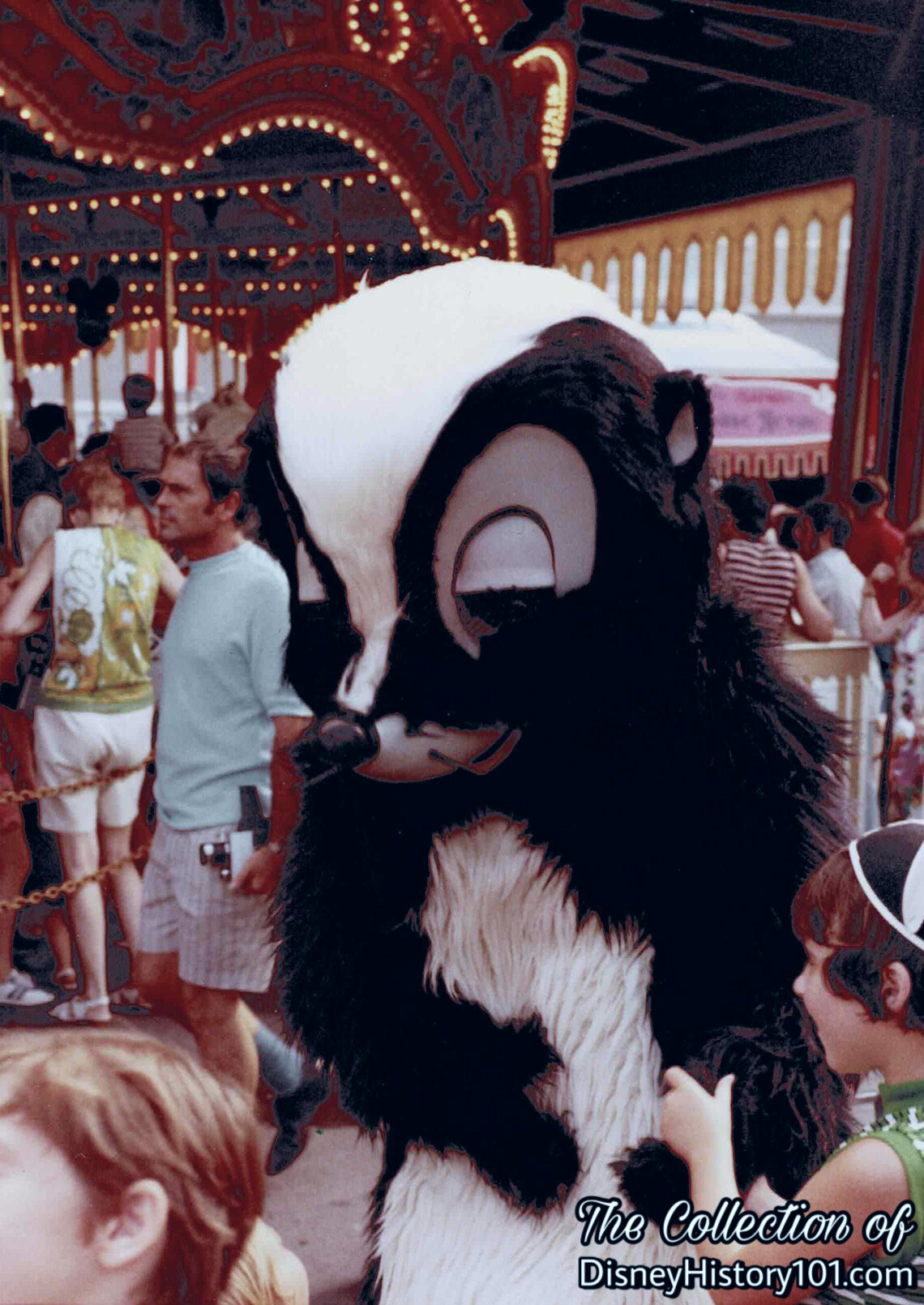

•Gargoyles (Victor, Hugo & Laverne) -
•Genie (Aladdin) - Genie made his debut in Disney’s Aladdin released November 25, 1992.
•Geppetto - Geppetto made his debut in Walt Disney’s Pinocchio, on February 7, 1940. When he isn’t making a new puppet for Pinocchio, Geppetto greets Guests at Disneyland.
•Gideon - Gideon made his debut in Walt Disney’s Pinocchio, on February 17, 1940.
After some sort of hiatus, the Disney Character made a return during the winter if 1962. According to the Talent Schedule “All of our regular Characters, plus a return visit by the 3 Pigs and Wolf and Pinocchio, J. Worthington Foulfellow and Gideon, will highlight this year's Holiday Season.”
Gideon was part of the Pre-game “Walt Disney and Disneyland Salute to the California Angels” at the new Angels Stadium on Saturday, April 23rd, 1966! Gideon made regular appearances at the “Small World” Area, greeting guests as part of the Character Program, “throughout the Christmas Holidays” (daily between parades, from 9:00am to 11:45am). [“Disneyland Holiday Talent Master Schedule,” prepared for the period of December 16, 1967 through January 1, 1968]
•Goofy - Goofy made his film debut in 1932 and his first appearance in the Mickey Mouse comic strip in 1933. Subsequent merchandise was produced featuring the licensed soon-to-be “Standard Disney Character,” indicating that his name was “Dippy Dawg” or “Dippy the Goof” (according to one c.1938 Whitman publication entitled “Walt Disney’s Story of Dippy the Goof”). According to one source Daisy has been considered a “Disney Standard Character,” meaning that she is a character “of the highest integrity” and “only associates with products, brands, and companies of the highest quality and integrity.” Since the beginning, Goofy “has always been a modest, unassuming fellow, one who’s never let fame go to his head,” according to Walt Disney. Soon, “The Reluctant Dragon” would introduce a popular series of “How To…” short films starring Goofy (also occasionally known as suburbanite George Geef).
If you watch Dateline Disneyland, you’ll notice Mickey, Minnie, Dumbo, Pluto, Pinocchio, and other licensed Walt Disney Productions characters cavorting down Main Street U.S.A., appearing by a special arrangement between Walt Disney and John H. Harris (Producer of the Ice Capades). Walt Disney’s Peter Pan and Captain Hook made a promotional appearance (as they were touring with John Harris’ Ice Capades). Even Snow White and the Seven Dwarfs, Chip ‘n Dale, their Chipmunk gal pal Bernice, and “Cinderella riding in a golden coach” were part of the procession. However, despite costarring in several films with Mickey Mouse and Donald Duck during the 1930s and despite going on to star in a series of popular short films of his own, there was not so much as a “Goofy Holler” to be heard during Disneyland’s opening day procession of July 17th, 1955.
But a few months later (by November), the Mickey Mouse Club Circus opened in Holidayland, and the first “come to life” incarnation Goofy finally appeared alongside his Ice Capades friends.
It wasn’t until the the summer of 1961, when an updated Goofy (a second incarnation) would “come to life” (in person) to greet Disneyland guests! This time (from 1961-1963) he would sport a green vest and yellow-blue hat. Recall that Walt Disney Studio Character Artist Bill Justice partnered with John Hench to oversee the creation of new characters that “could stand up to the rigors of everyday use among guests”. Almost immediately, souvenir postcards would feature Goofy and the rest of Disneyland’s popular cast of characters. During this time (of which Dennis Biggs was close to him), you may say “he’s Goofy about Disneyland” - gallivanting about Disneyland’s five cardinal lands, often without a formal schedule or static location for greeting guests. Goofy would be re-imagined yet again, subsequently appearing from 1963 to 1969 (“close to” Charlie Ridgway and others). This 3rd incarnation of Goofy made appearances alongside his reimagined friends outside Disneyland at the New York World’s Fair of 1964 and 1965. While there, Mickey, Goofy, and Pluto appeared at all of Walt Disney’s shows and even other pavilions. For instance, they assisted in the ribbon cutting at the new “People-to-People Room” of the Federal Pavilion of the New York World’s Fair during the 1964 season. Goofy also appeared at a Pennsylvania May Company department store (in 1965). However (like other Disney Characters), Goofy appeared at quite a few other events held outside Disneyland, demonstrating “the ultimate in wild animal training assisted by… Pluto,” in an act performed at the Canadian National Exposition’s “Matinee Fun Fest” (held August 24 - September 5, 1964). Goofy, Pluto, and “official Disneyland Tour Guide Lynn Taylor” engaged in the Coca-Cola Tour, advertised for the summer of 1970. The trio visited locations like the south patio of the Brentwood Country Mart.
In Hollywood, actors had stuntmen, and these multiple and simultaneous appearances of Goofy were similarly accomplished by way of “body doubles.” For instance, in 1964 Wardrobe assured that Goofy had at least “3 costume bodies” and “3 heads” in addition to costumes.
Goofy had the honor of catching the first ball (thrown by Mickey) as part of the Pre-game “Walt Disney and Disneyland Salute to the California Angels” at the new Angels Stadium on Saturday, April 23rd, 1966!
As for Goofy’s routine appearances at Disneyland, he regularly greeted guests “throughout the Christmas Holidays” as part of the Character Program, in Town Square (daily (9:00am to 11:45am) with both Mickey Mouse and Pluto. [“Disneyland Holiday Talent Master Schedule,” prepared for the period of December 16, 1967 through January 1, 1968]
During the 1970s, Goofy appeared in Main Gate/Town Square.
By the 1980s, Goofy had appeared in a total of 85 films (including a safety series and the ever-popular “How To…” series).
In 1992, Goofy starred in his very own parade - “The World According to Goofy.” In 1995 the states of Alabama, Tennessee, North Carolina, South Carolina and Georgia proclaimed April 1st as Goofy Day to celebrate the release of A Goofy Movie.
In the present, Mickey Mouse, Minnie Mouse, Donald Duck, Goofy, and Pluto are still considered the original "Fab Five" VIP Characters. When Goofy isn’t helping Max with his homework or Max isn’t teaching him to skateboard, he can occasionally be found meeting and greeting Guests at Disneyland.
•Grammi Gummi
•Grumpy (Snow White and the Seven Dwarfs)
•Gus-Gus (Cinderella) - Gus made his debut in Walt Disney’s Cinderella released February 15, 1950.
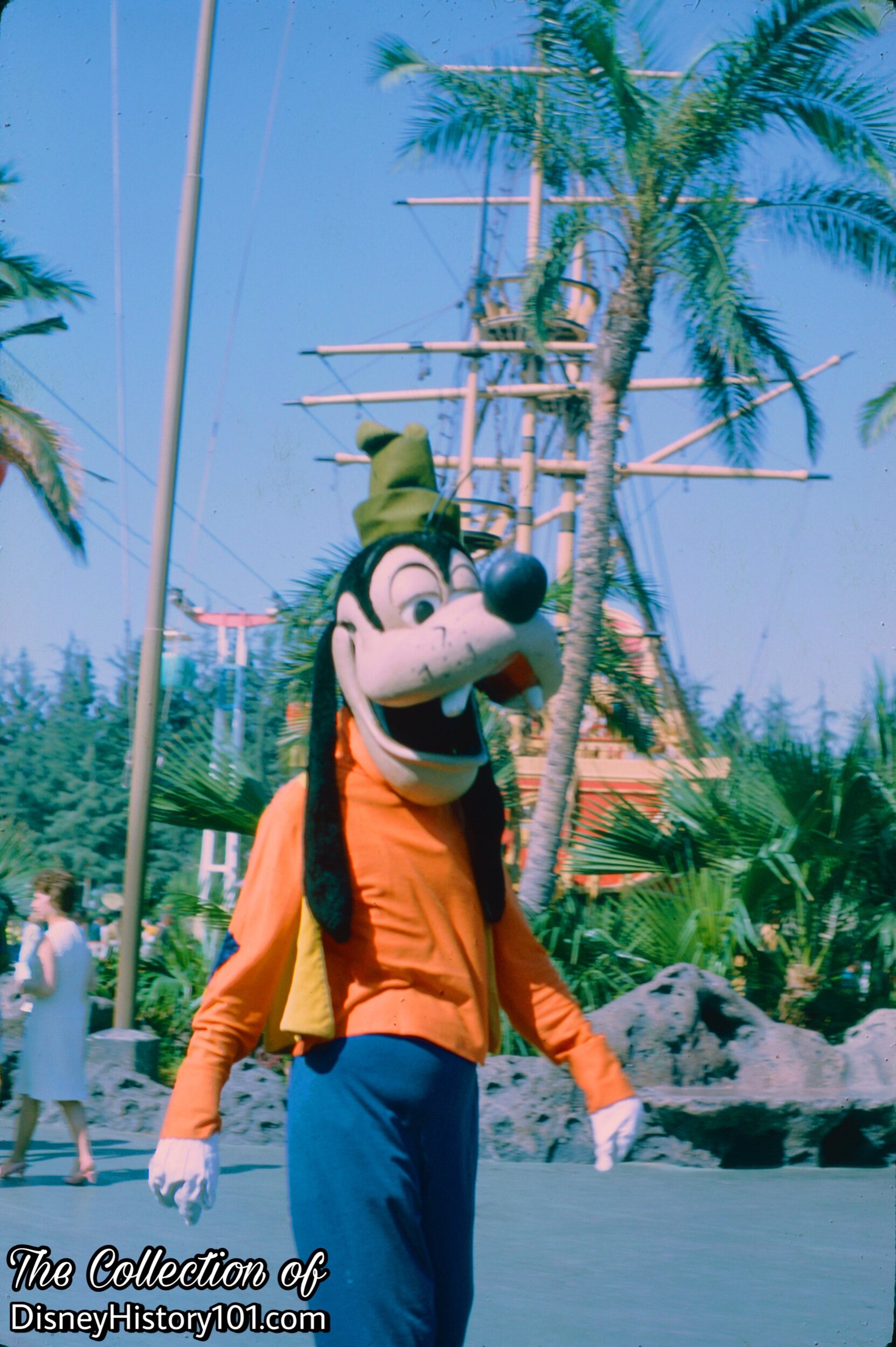
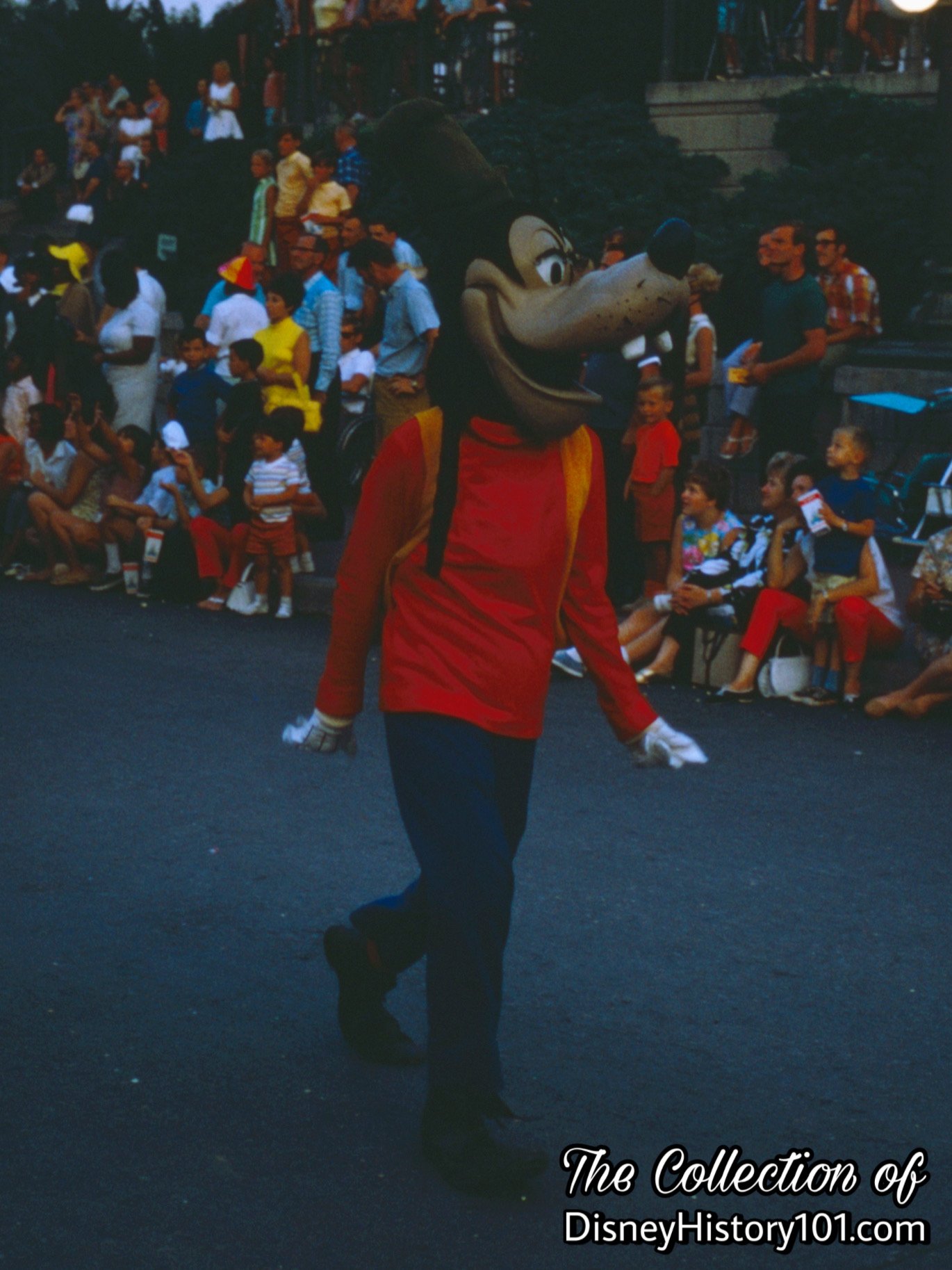
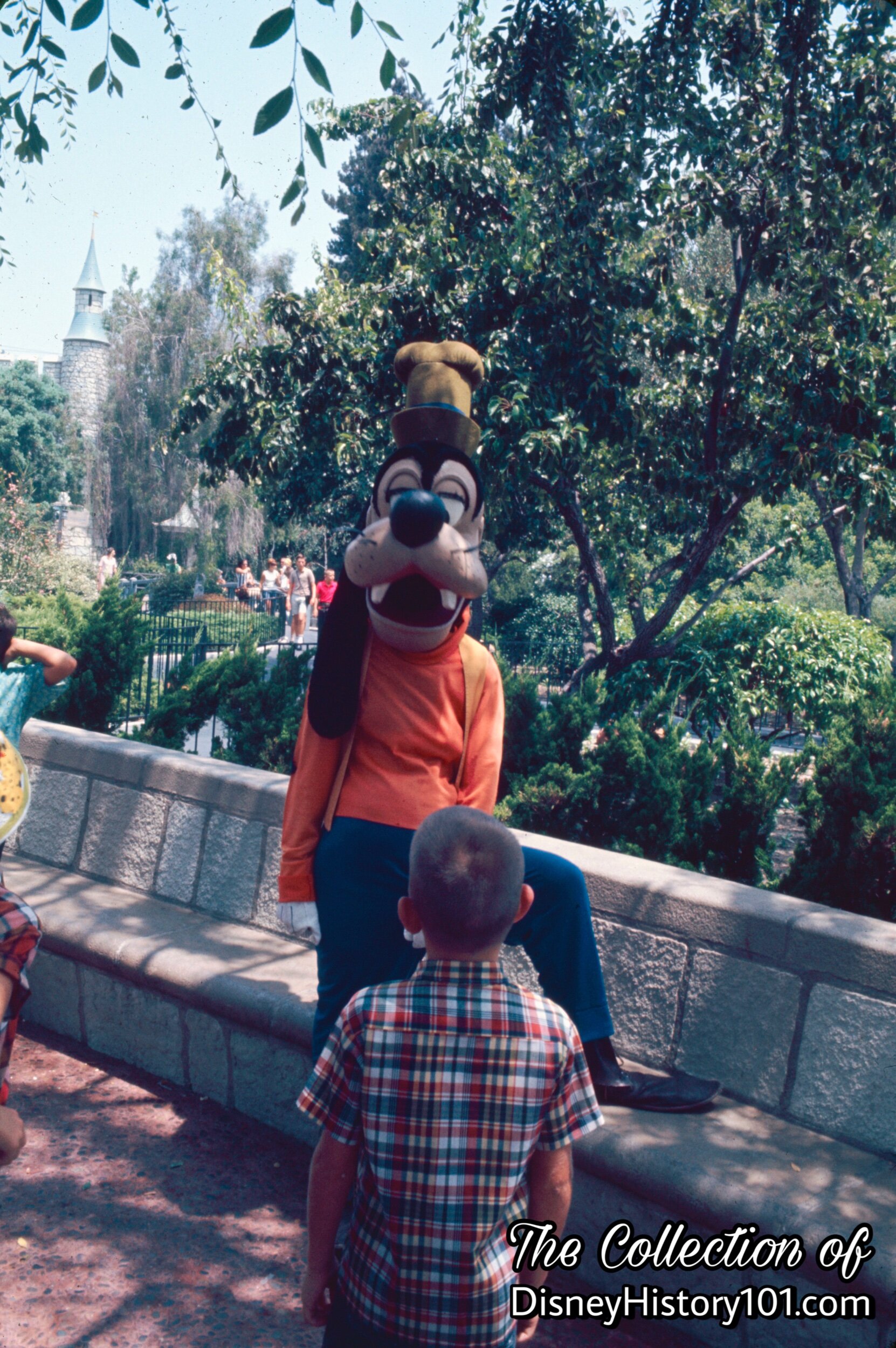
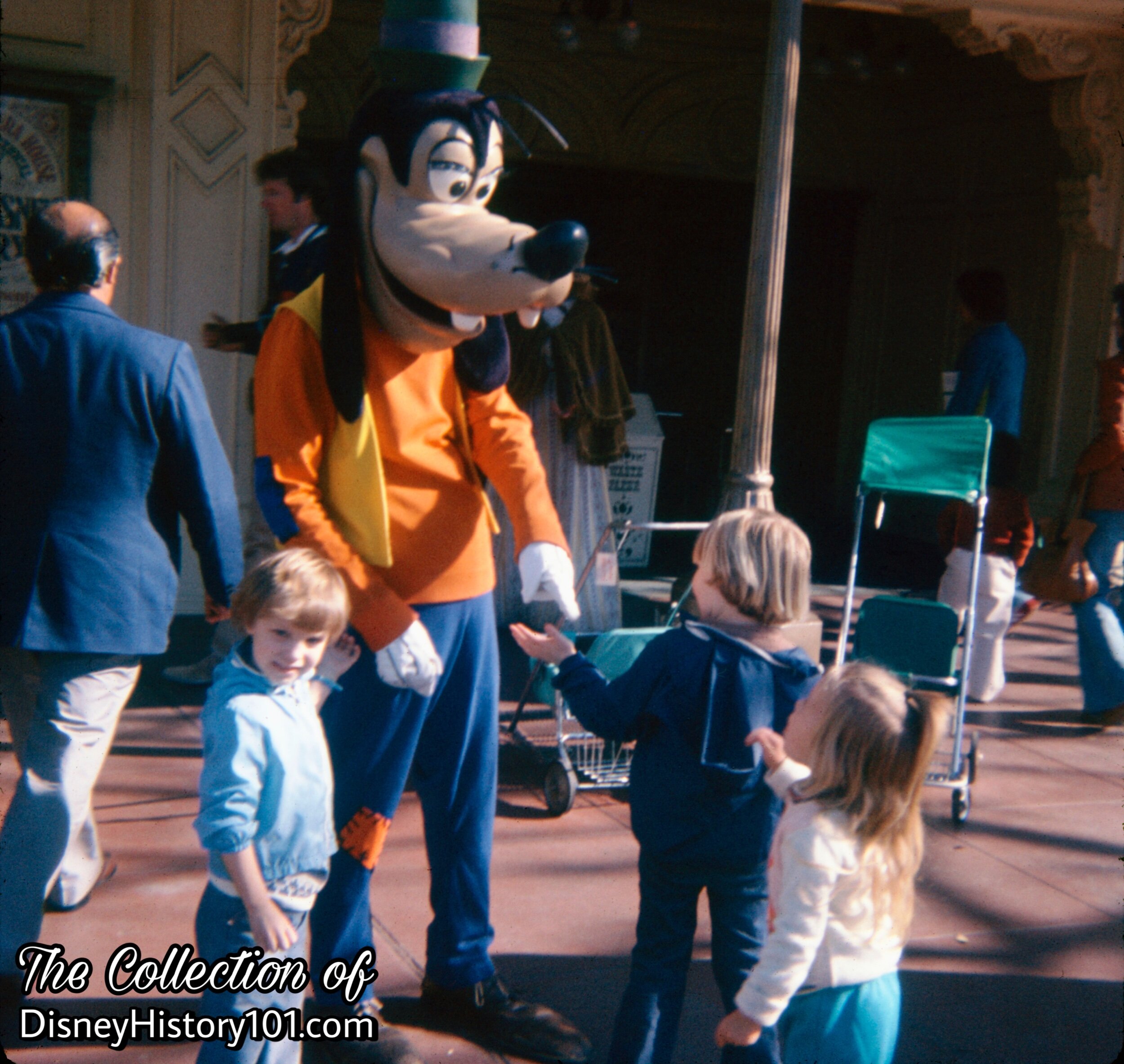
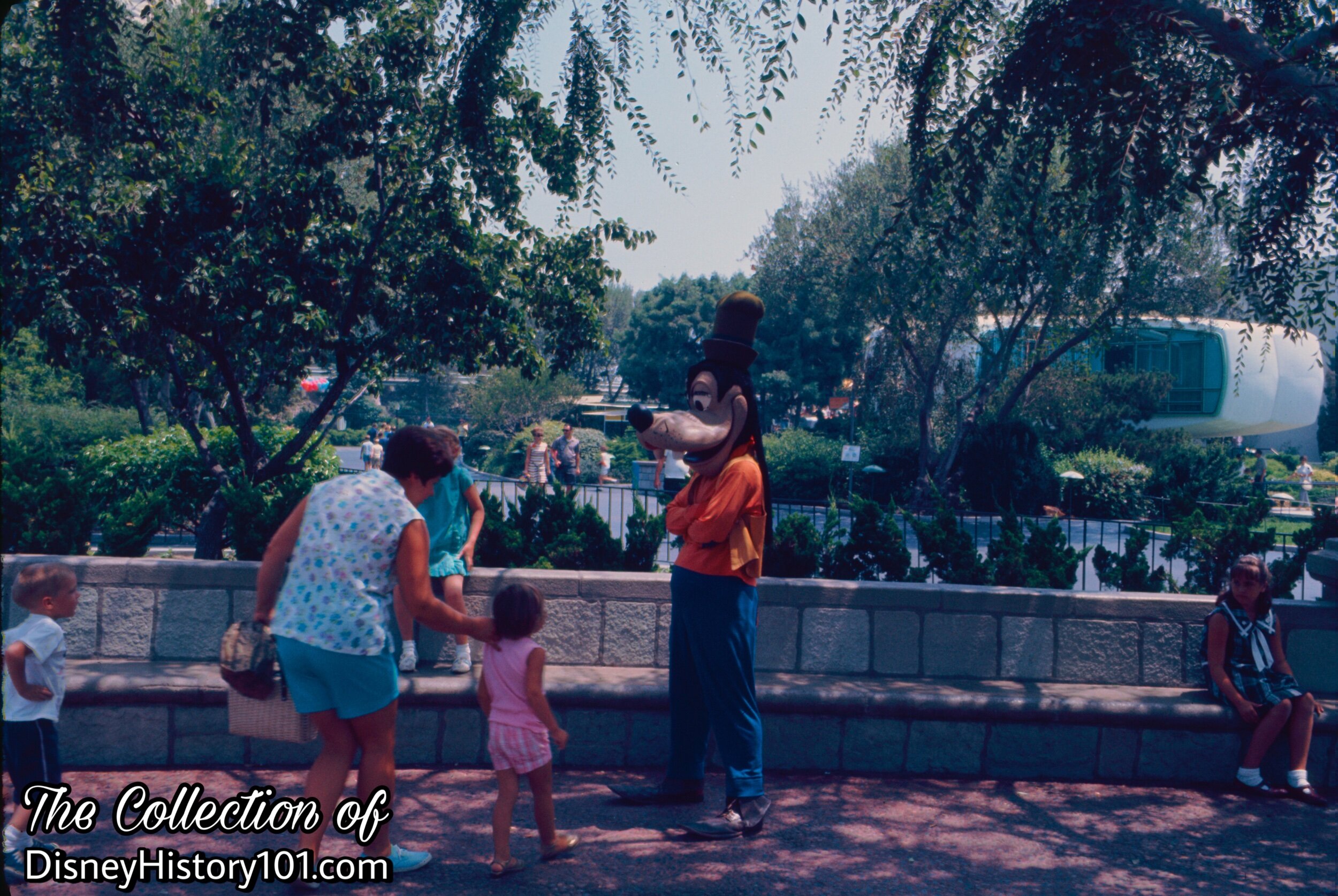
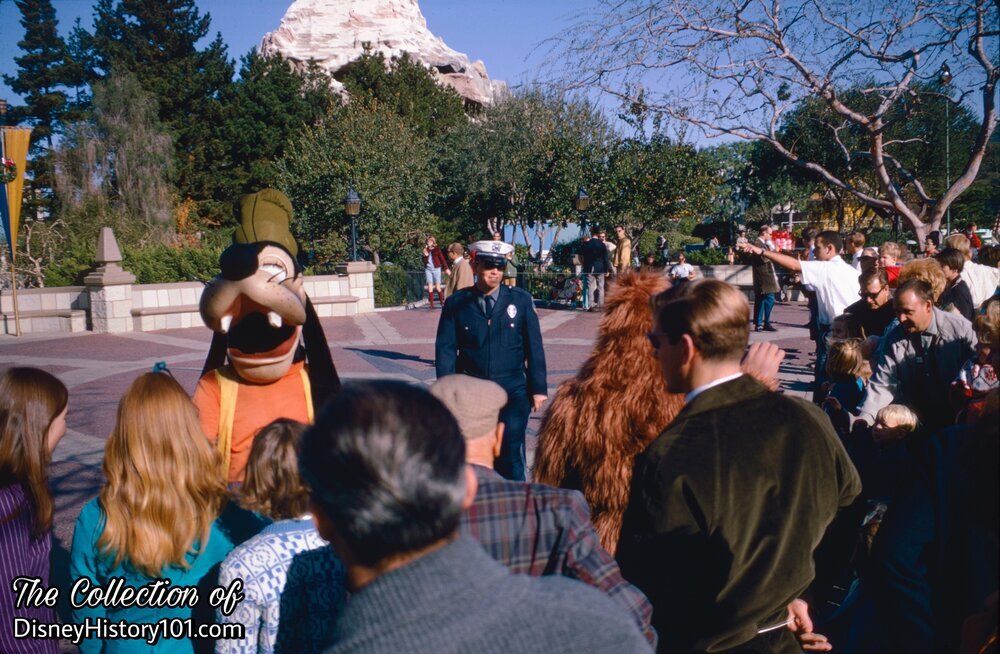
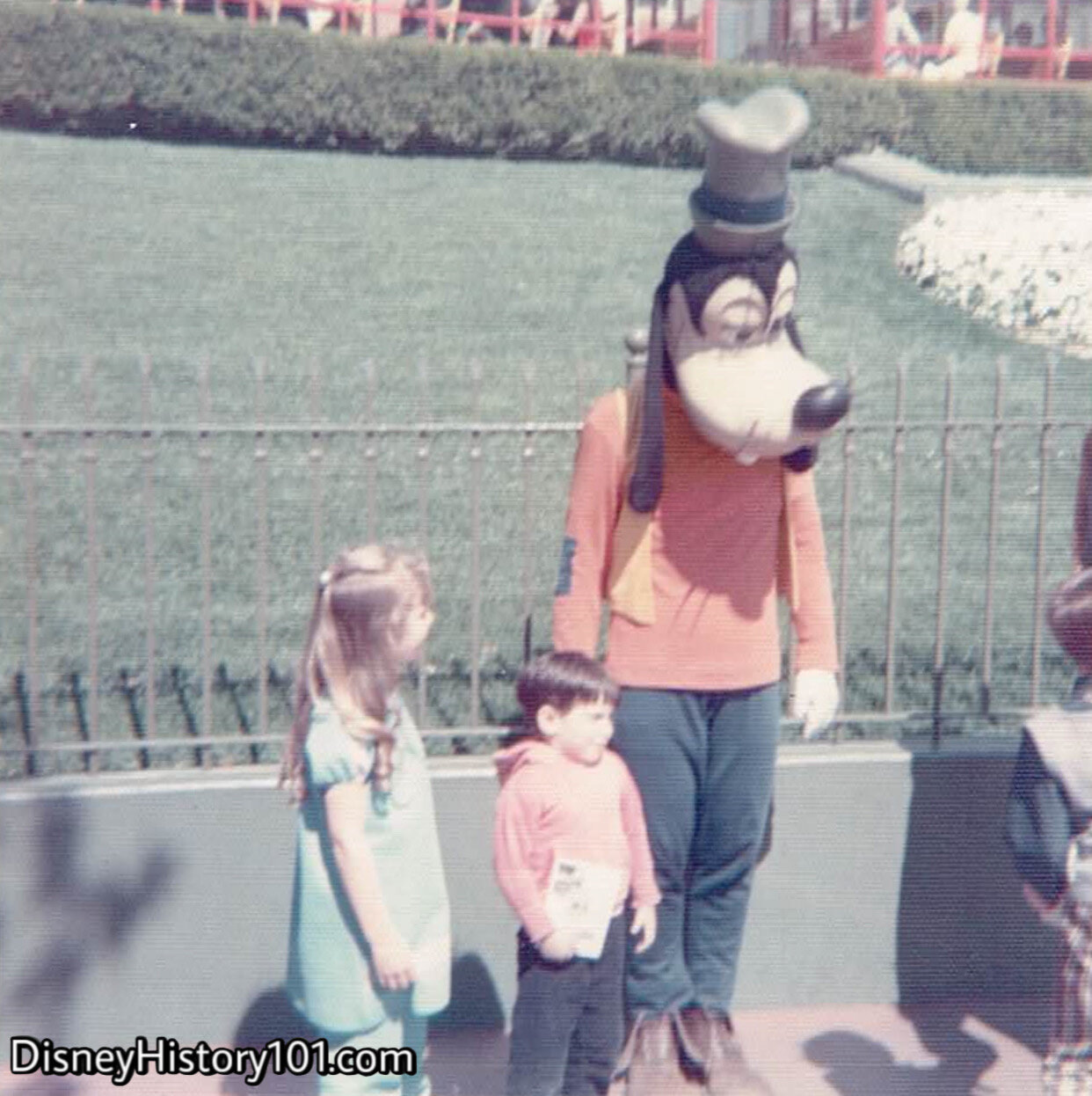
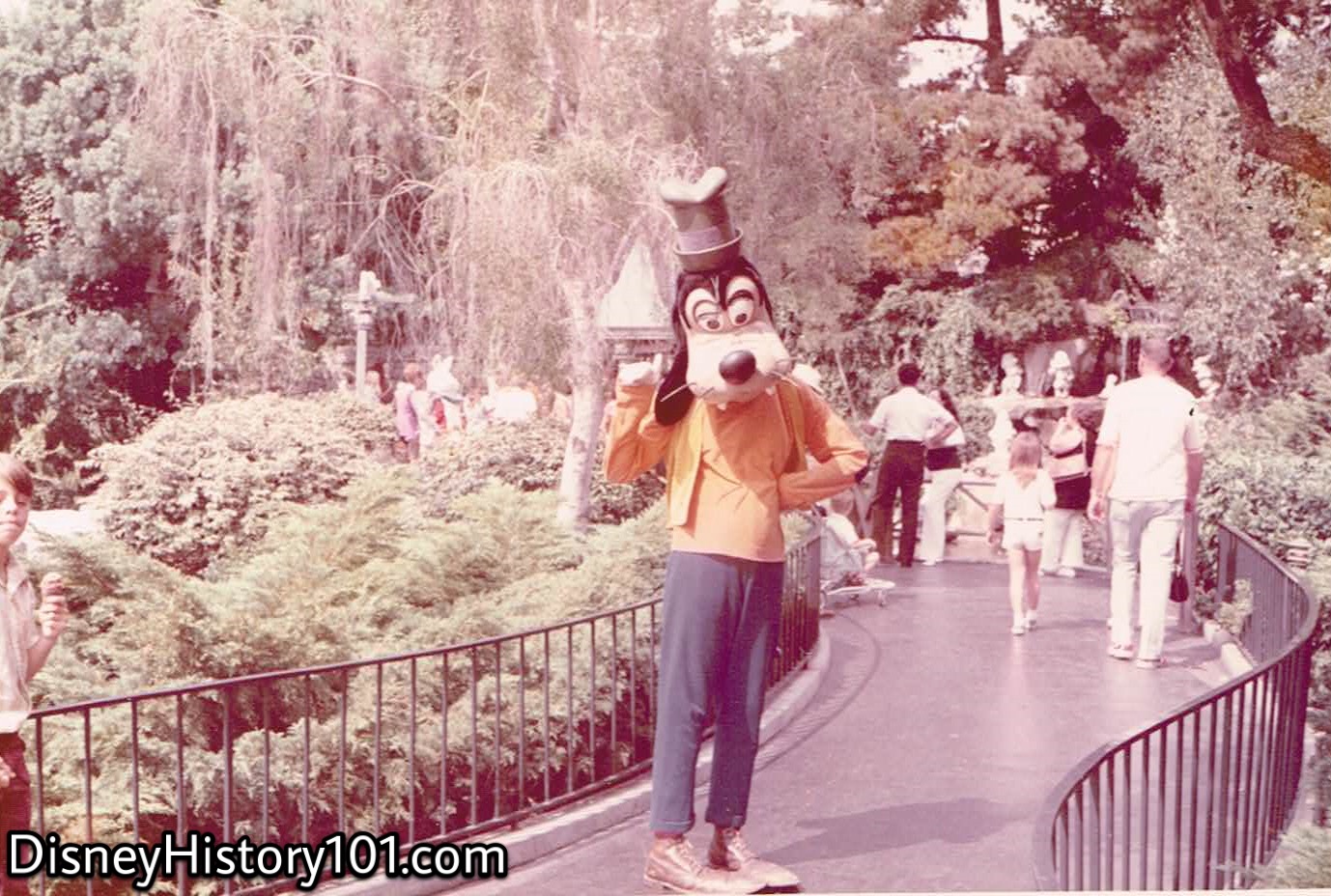
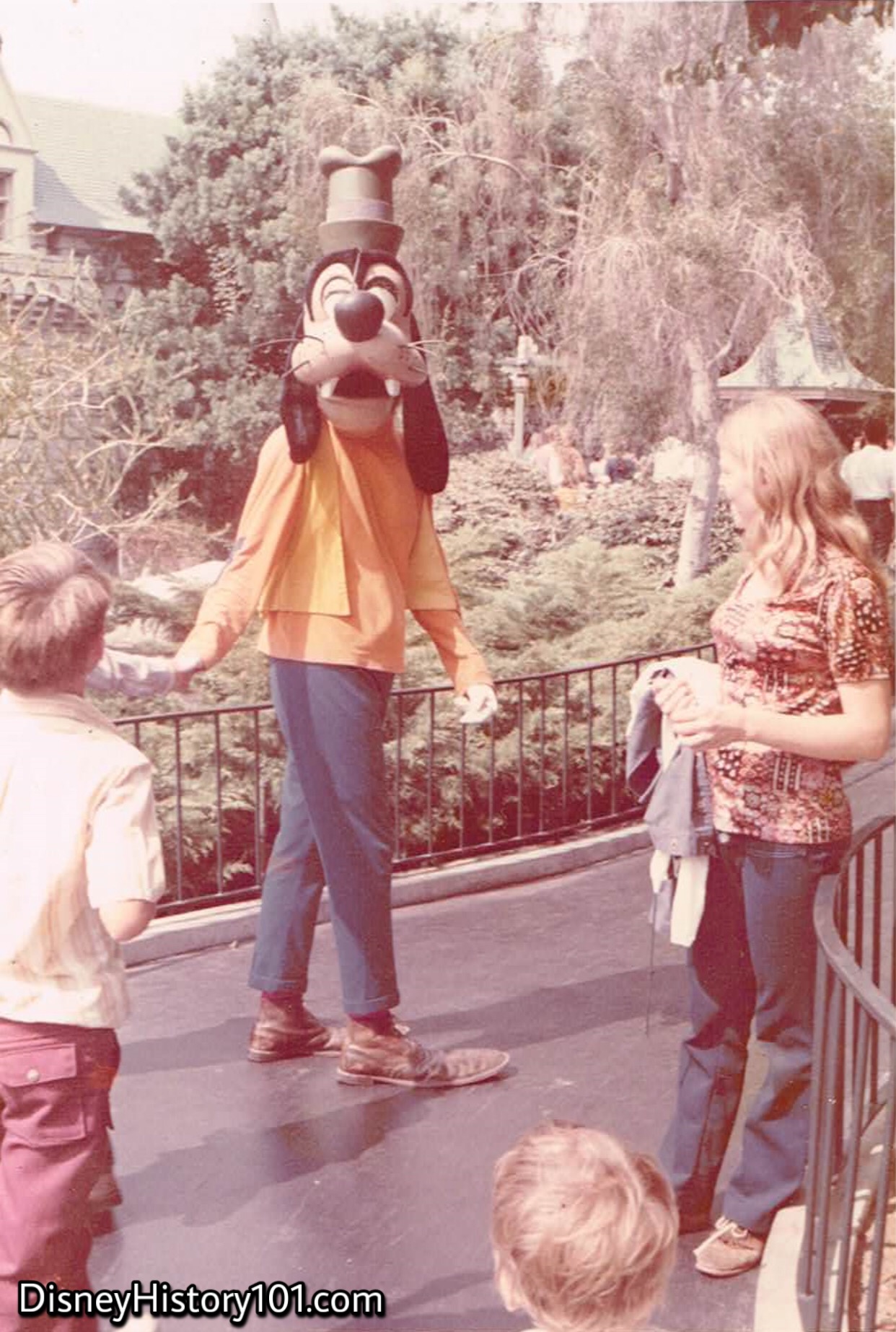
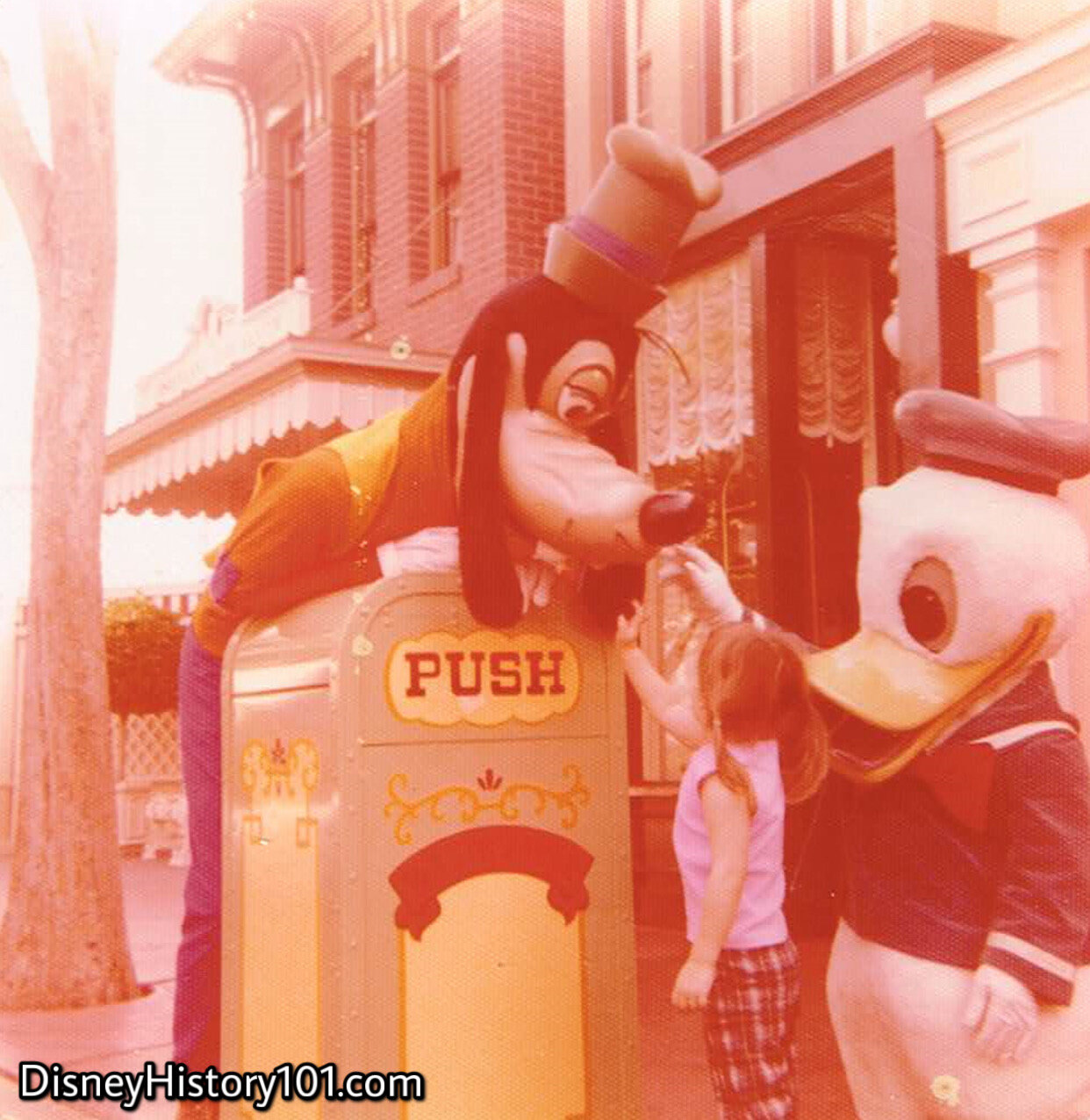
Goofy makes a magical moment for a guest, proving that he’s a guest relationship expert.
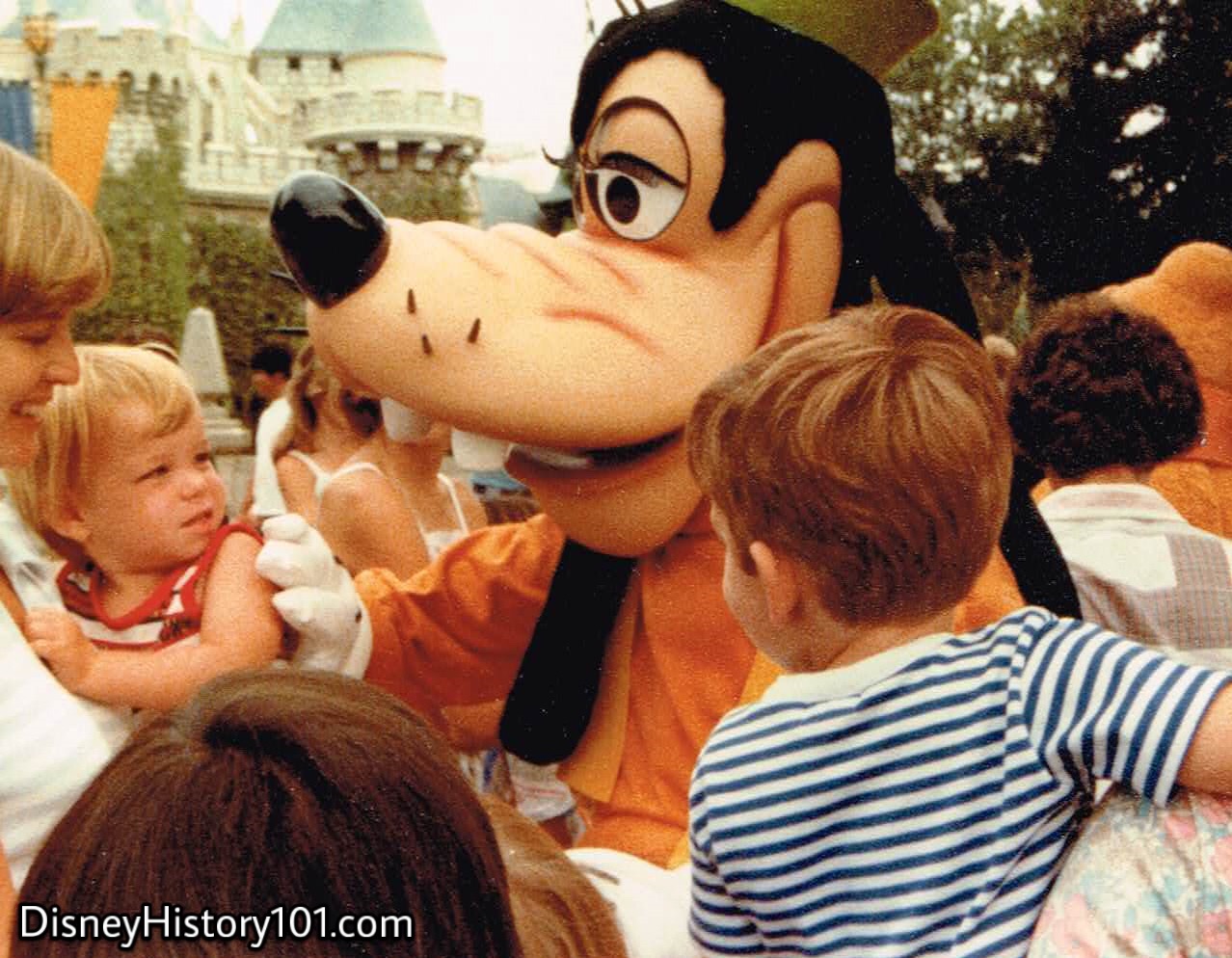
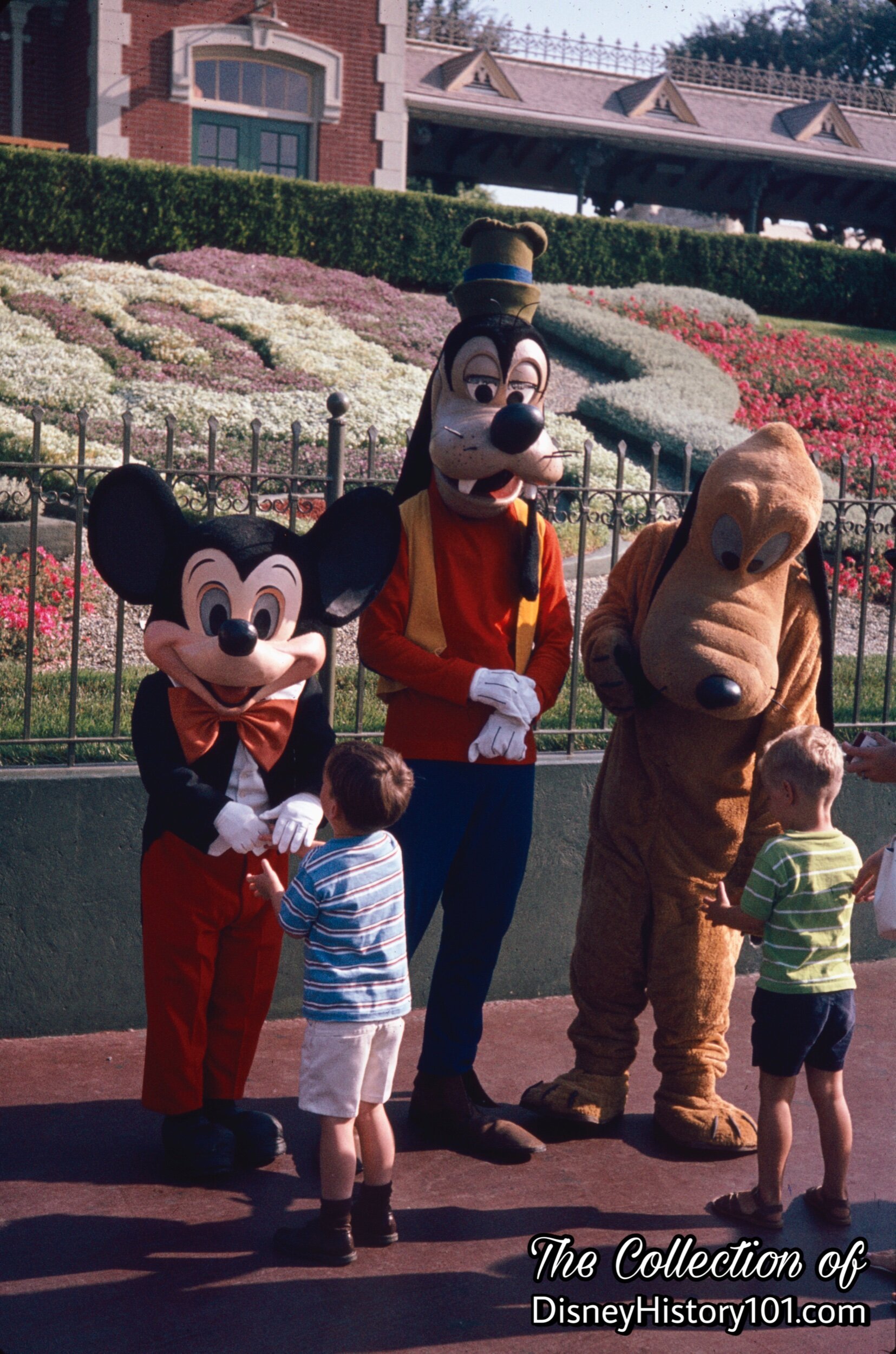
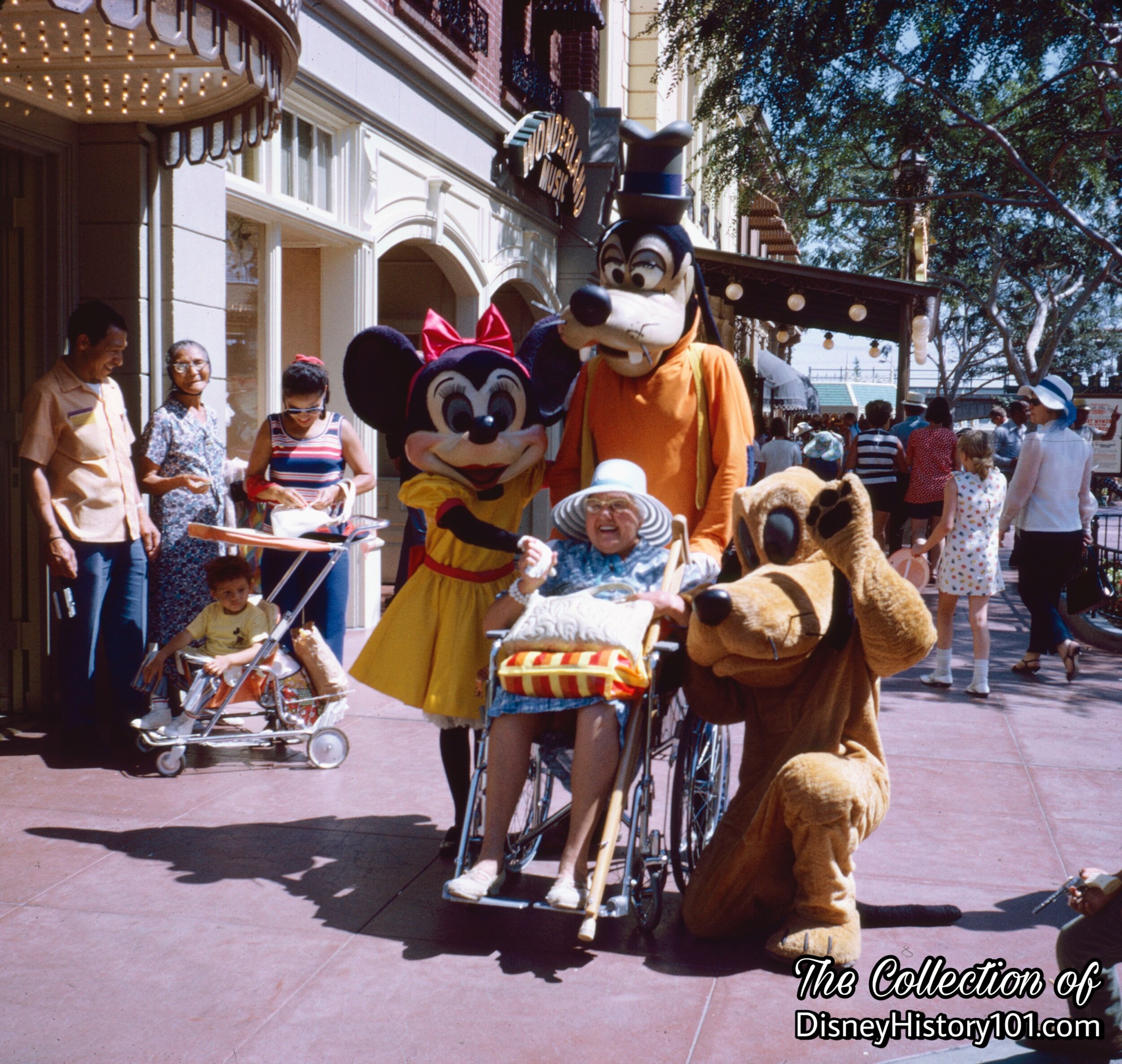
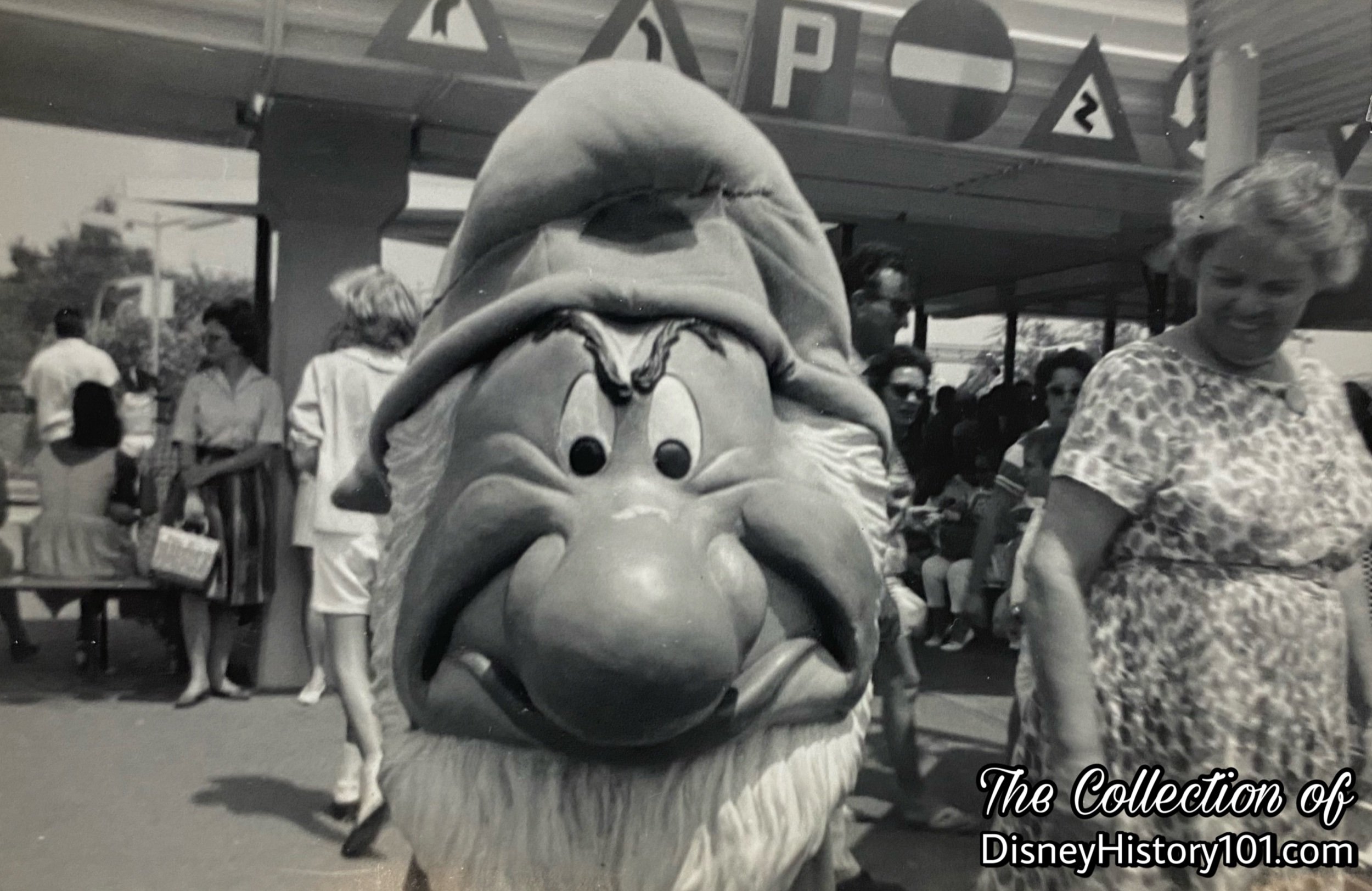
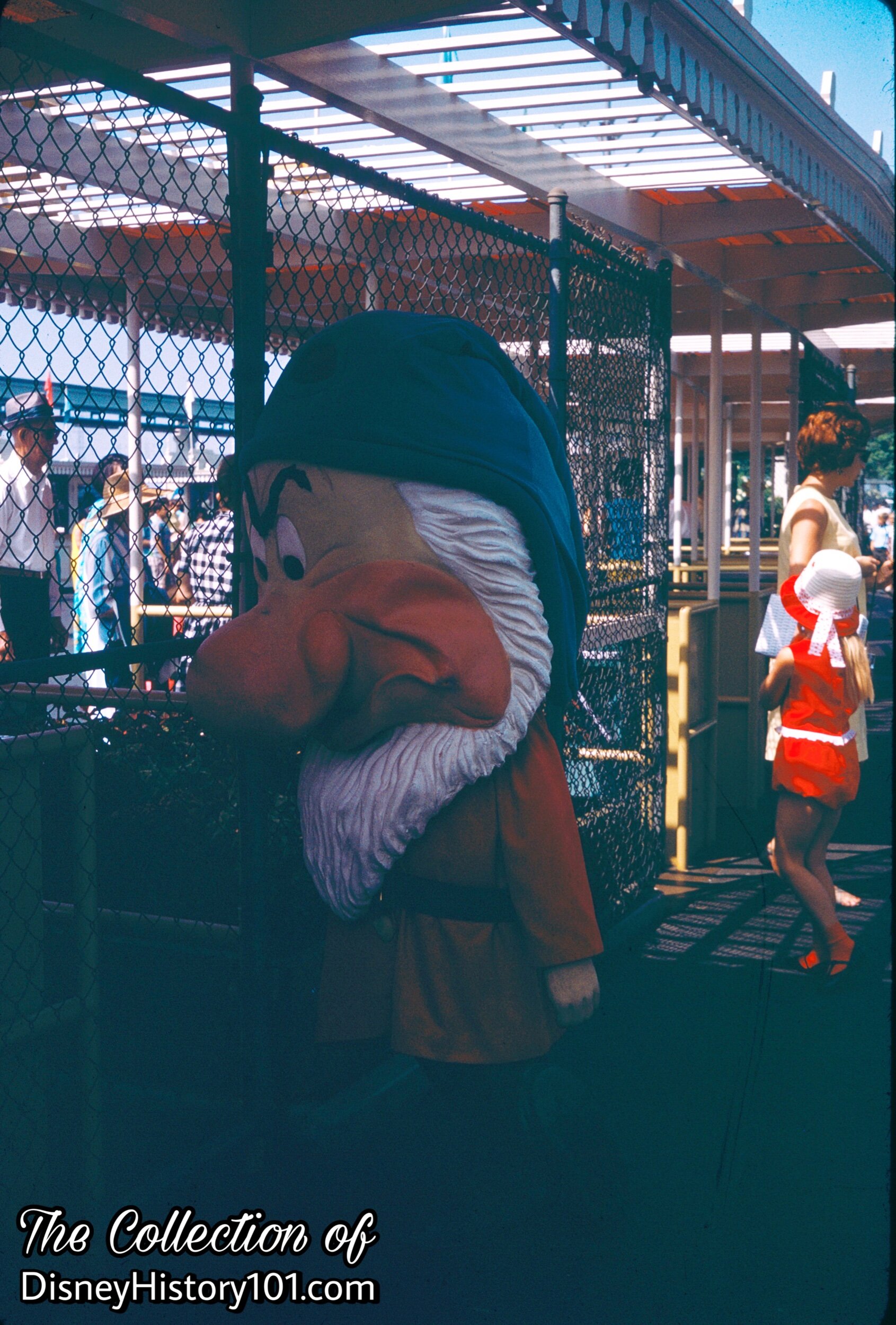
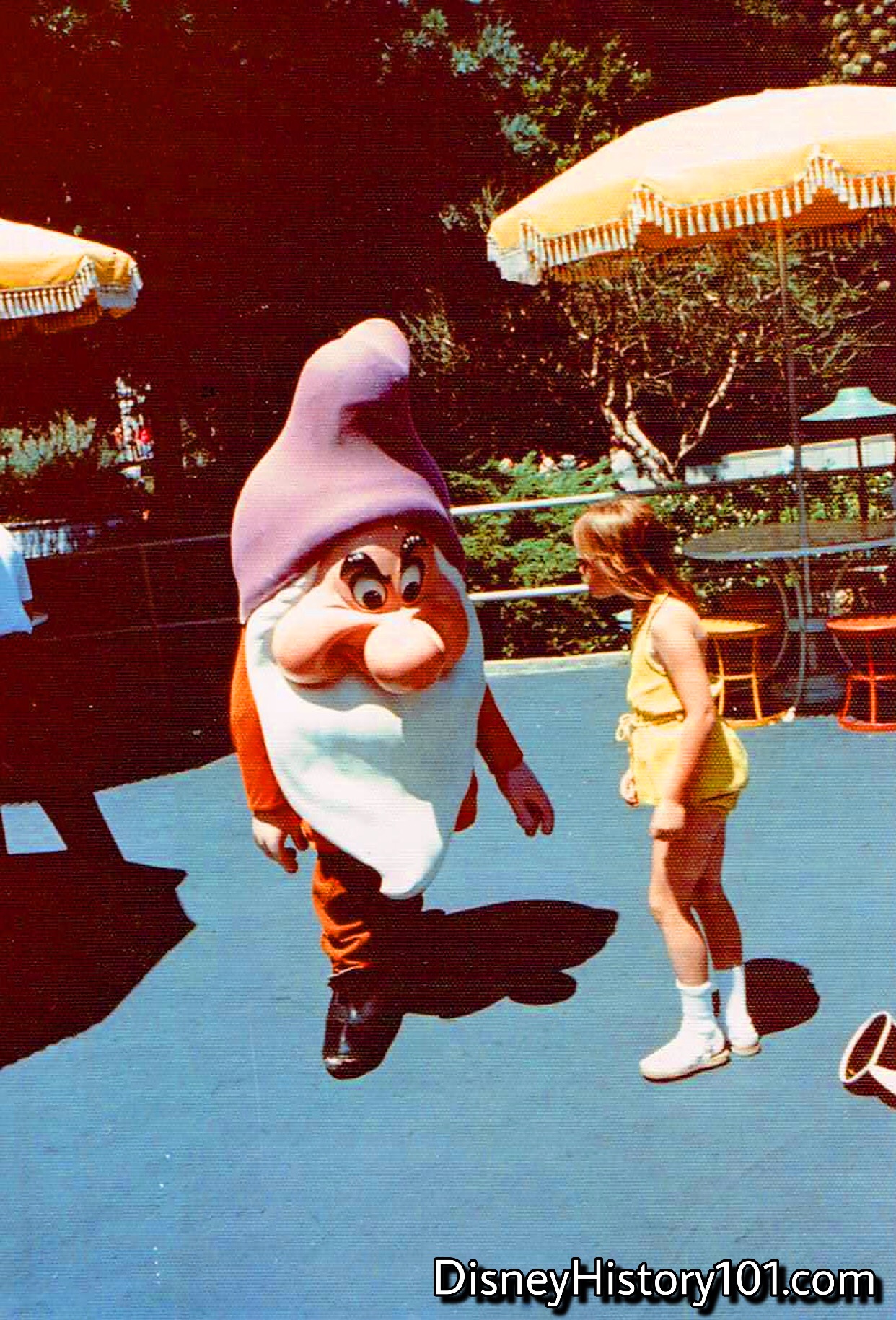

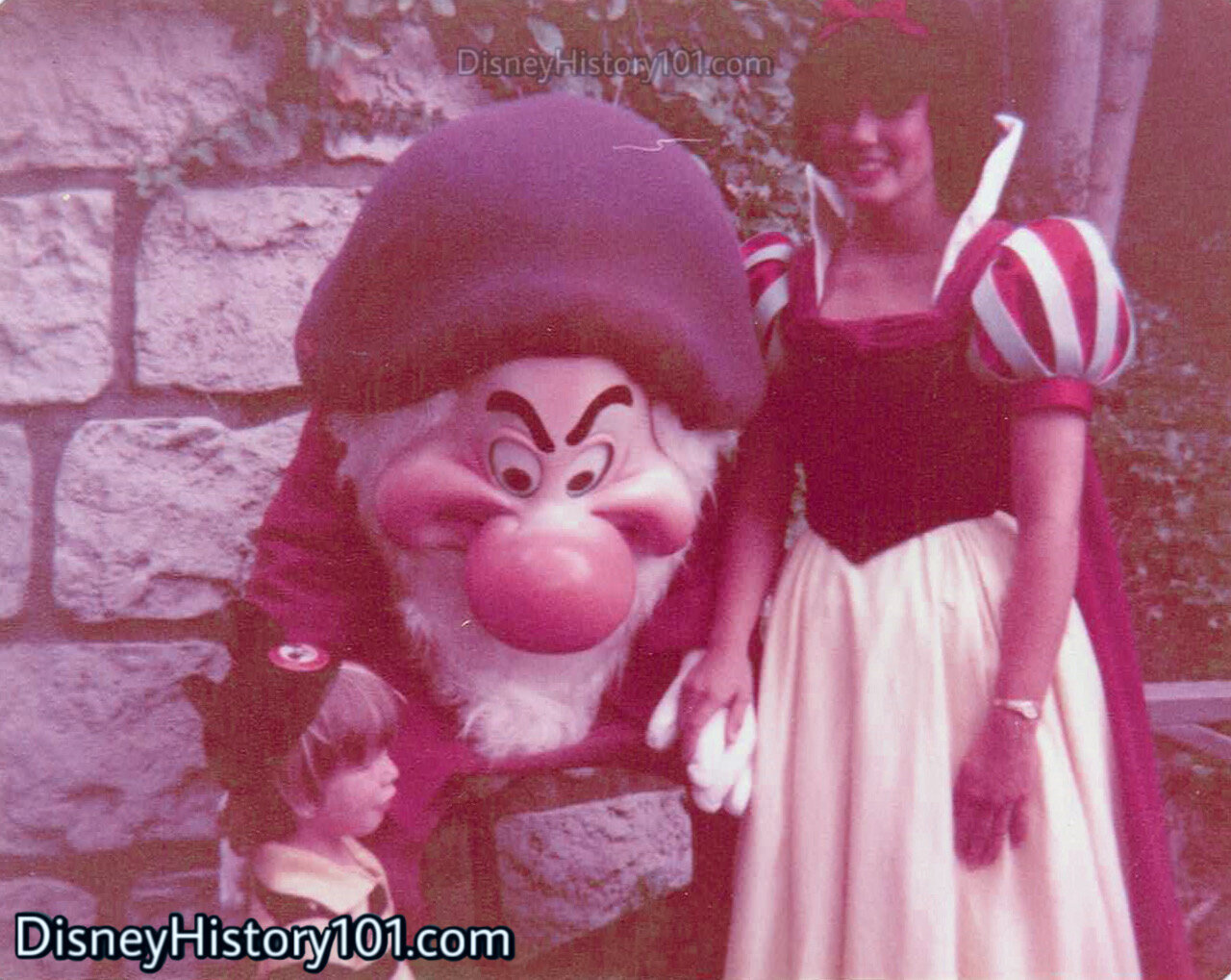
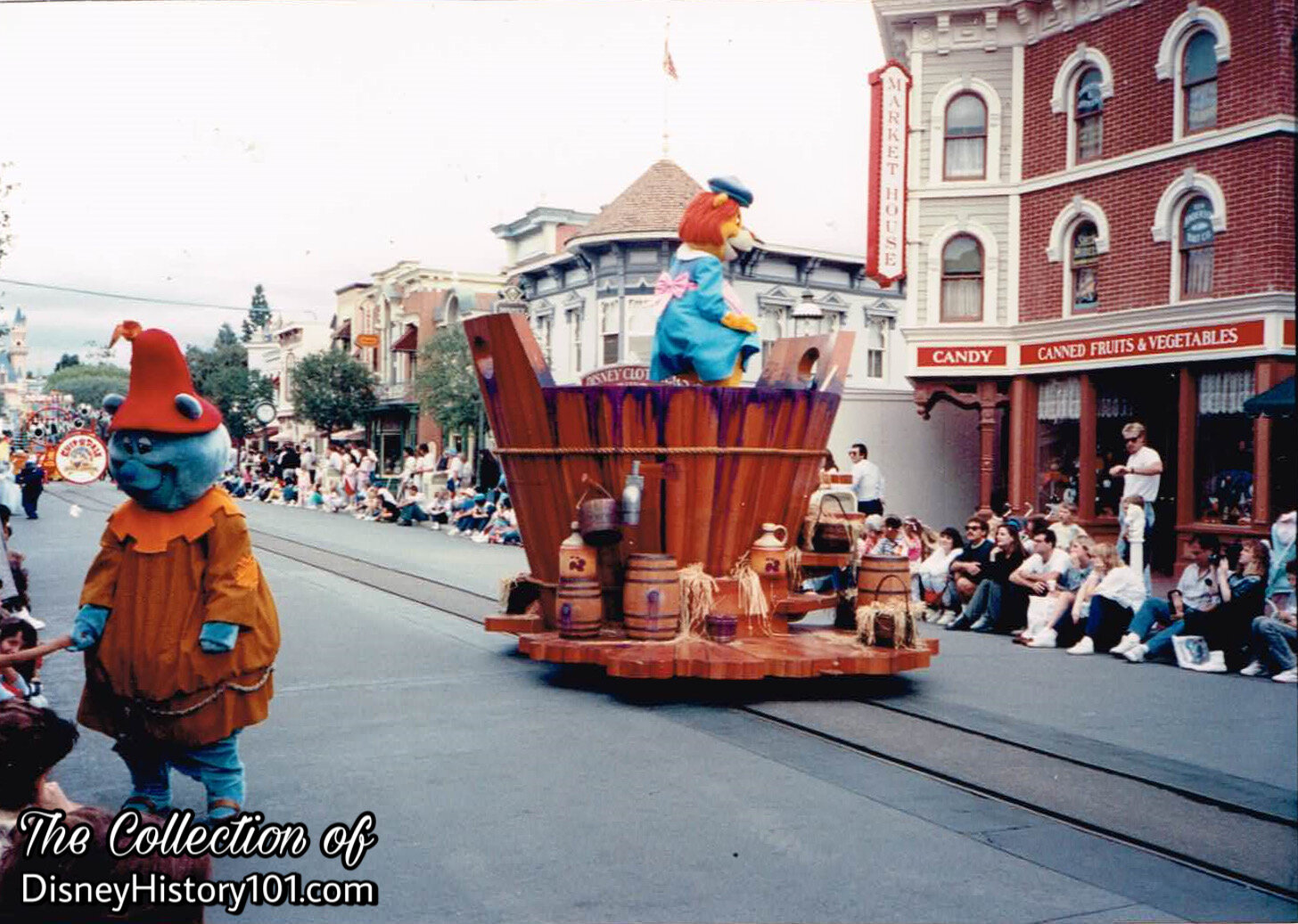
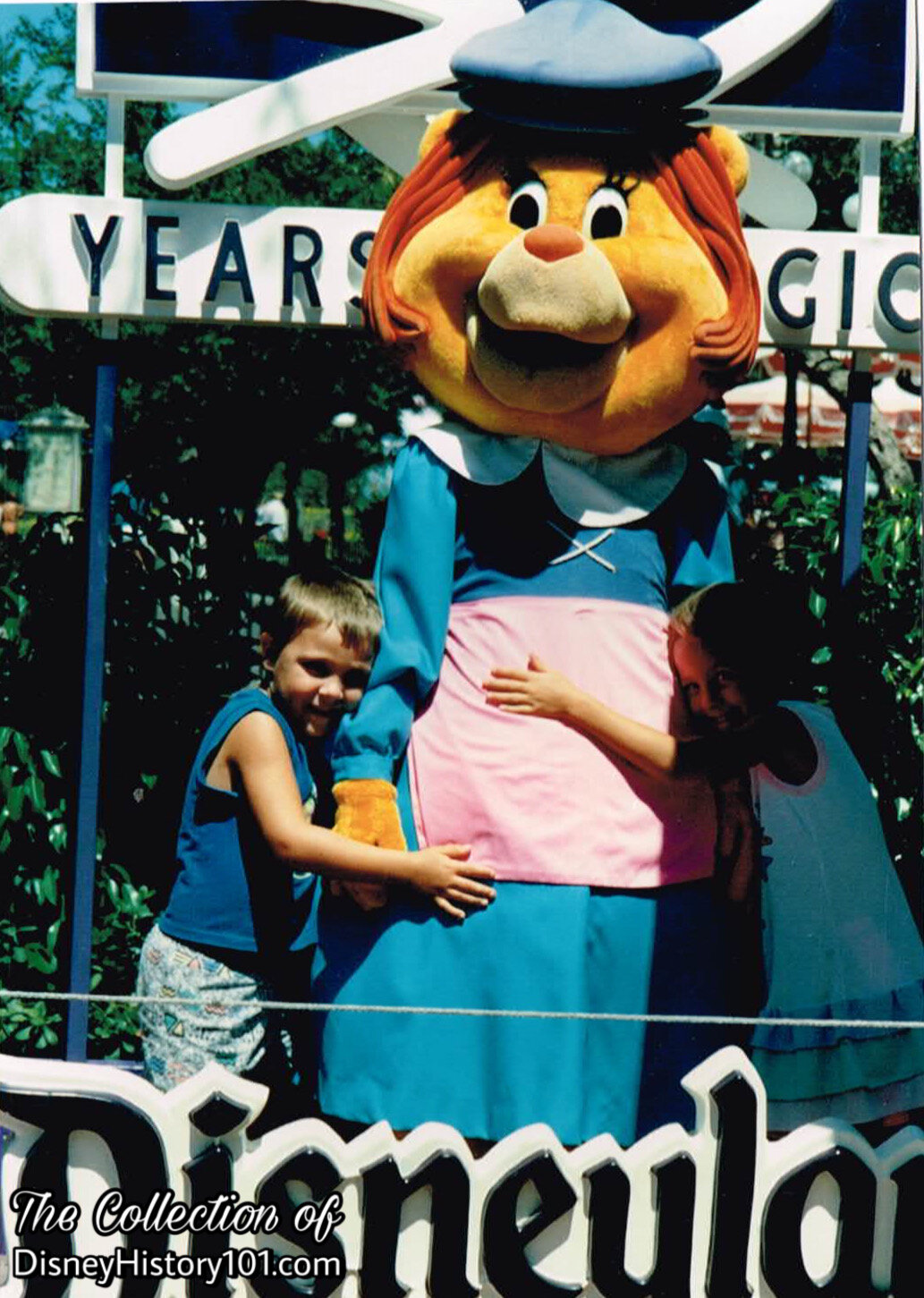
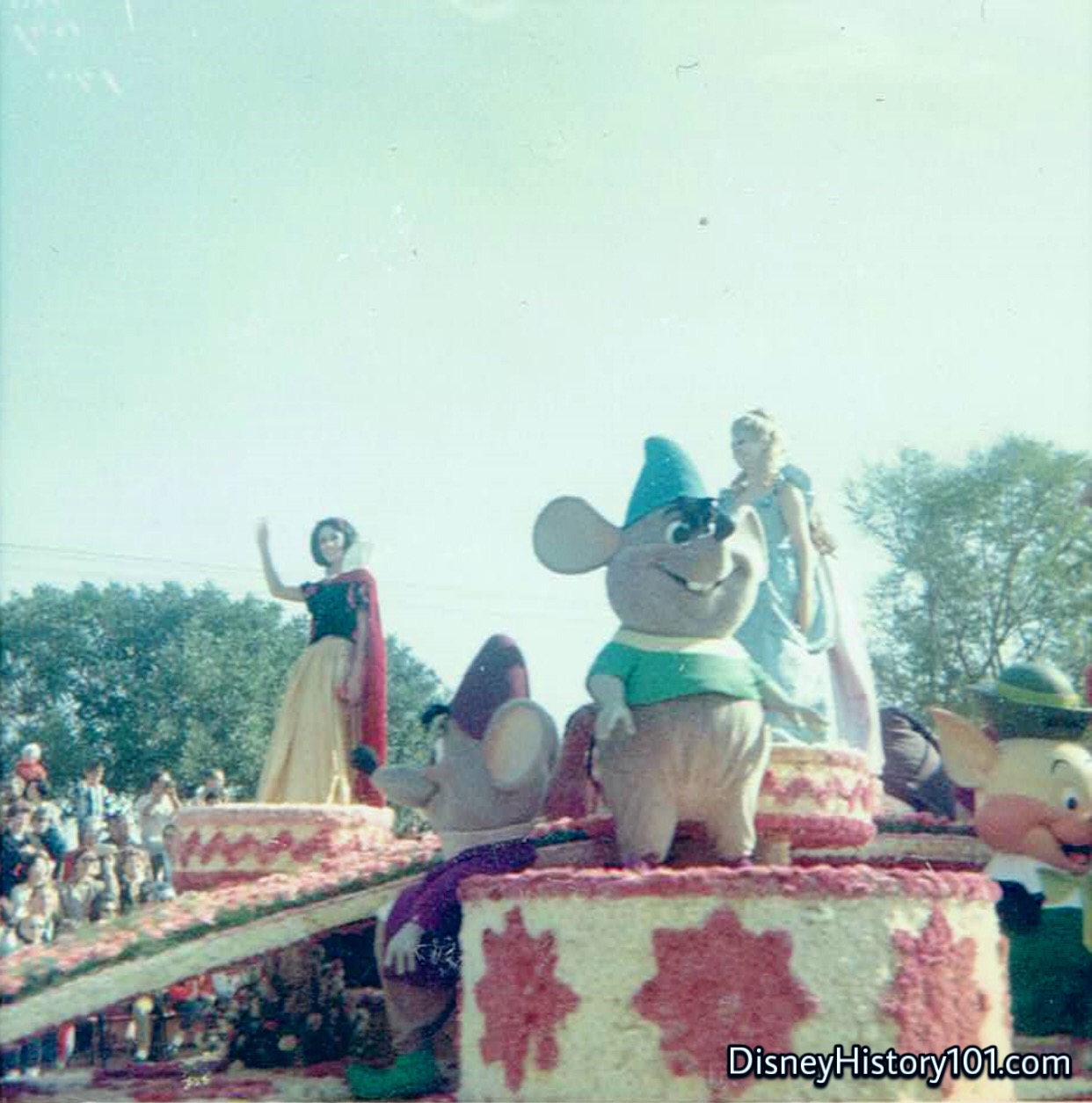

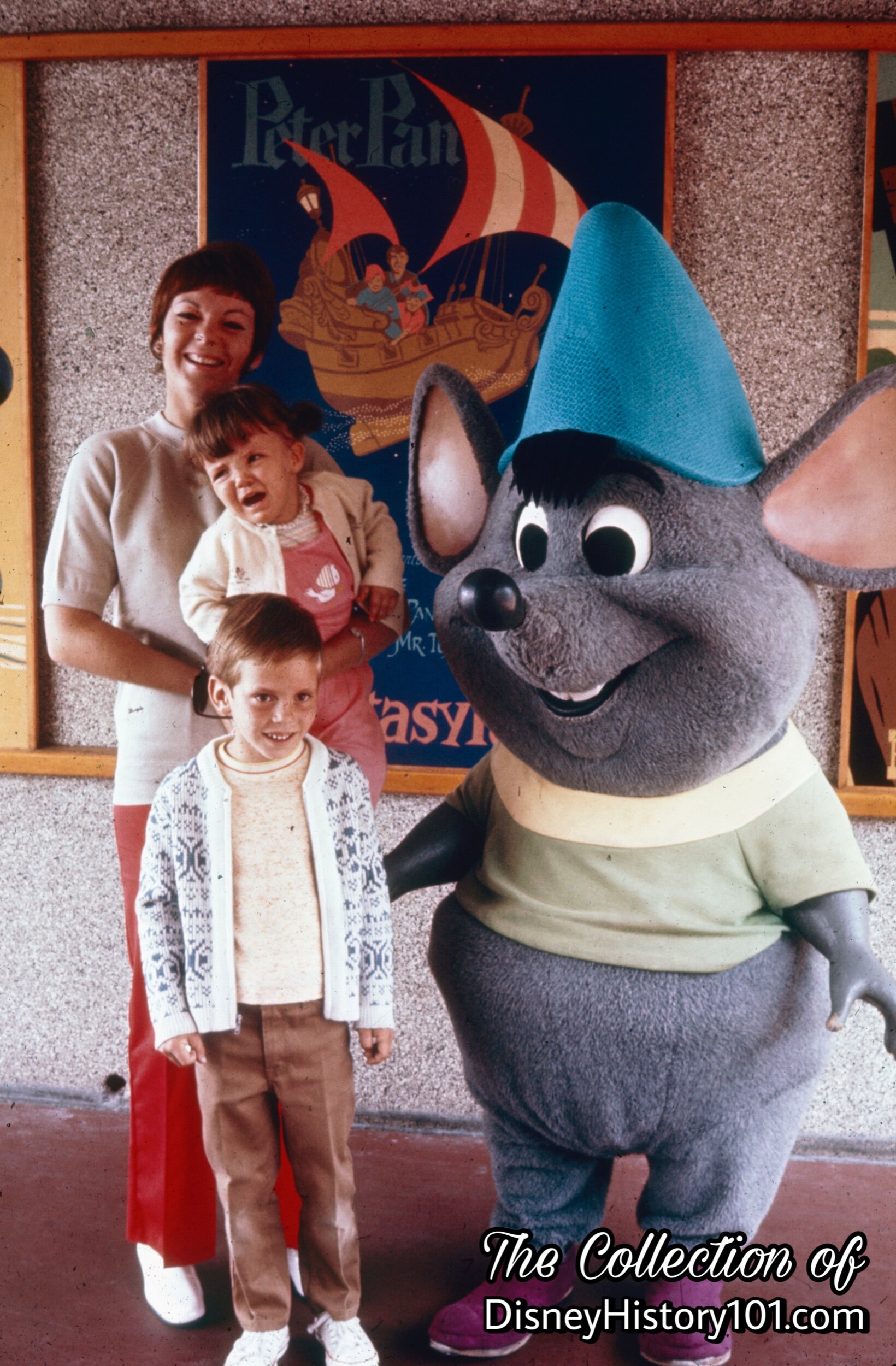

•Happy (Snow White and the Seven Dwarfs) - Walt Disney once said: “The idea of Disneyland is a simple one. It will be a place for people to find happiness.” A number of Disneyland Cast Members were close to Happy over the years, including (but not limited to) Jimmy Kaufman (1971). “The Happiest Place on Earth.”
•Herbie the Love Bug - After his nationwide debut on March 13, 1969, Herbie appeared at Disneyland.
•Hercules - Hercules (June 27, 1997)
•Hippos - The stars of Fantasia (released November 13, 1940) occasionally made appearances outside Disneyland, as when they performed in an act of the Canadian National Exposition (held August 24 - September 5, 1964)
•Honest John (Pinocchio) - J. Worthington Foulfellow is also known as Honest John.
After some sort of hiatus, the Disney Character made a return during the winter if 1962. According to the Talent Schedule “All of our regular Characters, plus a return visit by the 3 Pigs and Wolf and Pinocchio, J. Worthington Foulfellow and Gideon, will highlight this year's Holiday Season.”
He was part of the Pre-game “Walt Disney and Disneyland Salute to the California Angels” at the new Angels Stadium on Saturday, April 23rd, 1966!
•Hooter (Captain EO)
•Hoppopotamus (The Wuzzles) - This character is believed to have appeared in Walt Disney’s Magic Kingdom On Ice: Sport Goofy from 1985 to 1986.
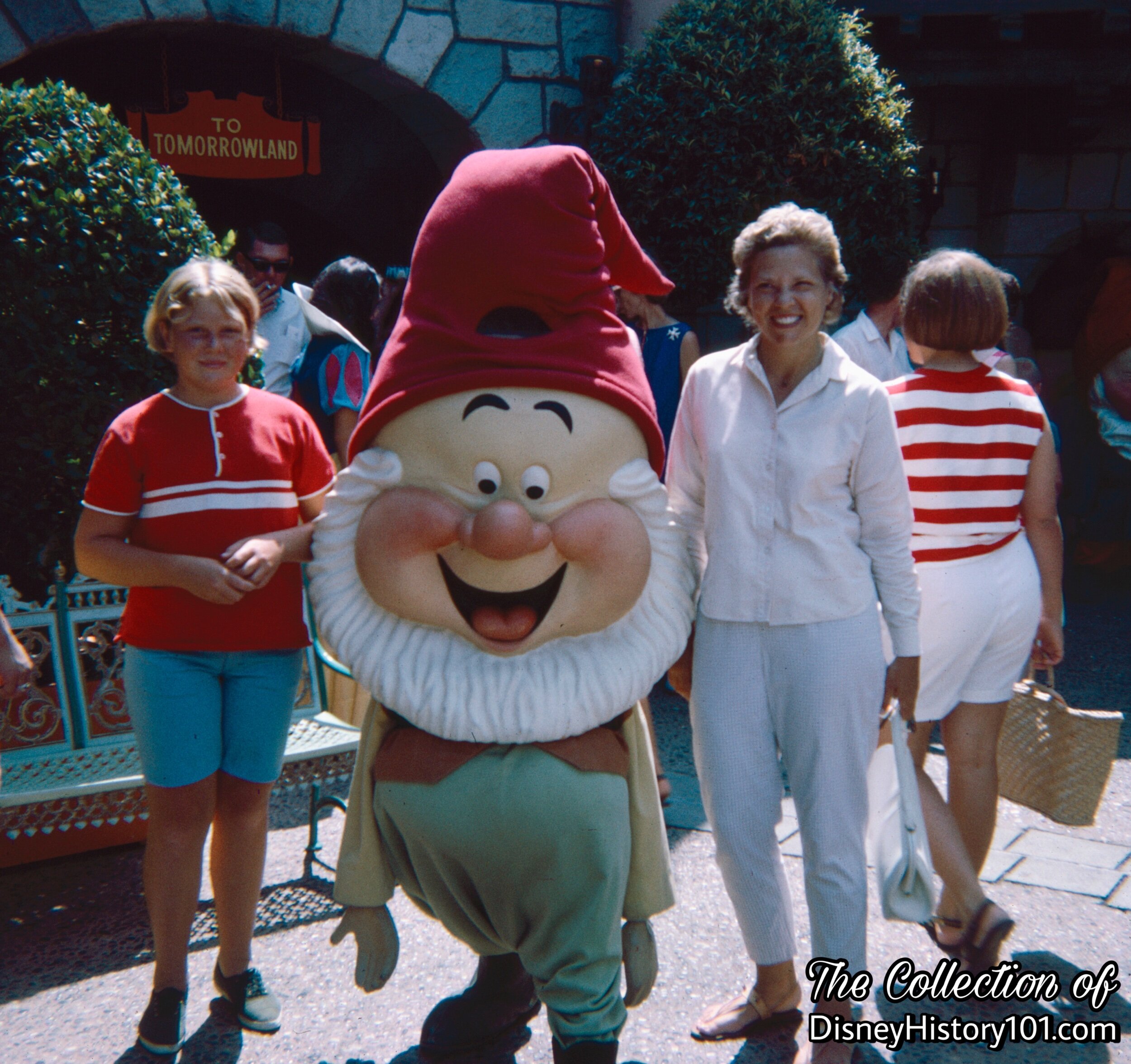
This incarnation of Happy made his debut inside Disneyland during the summer of 1961.
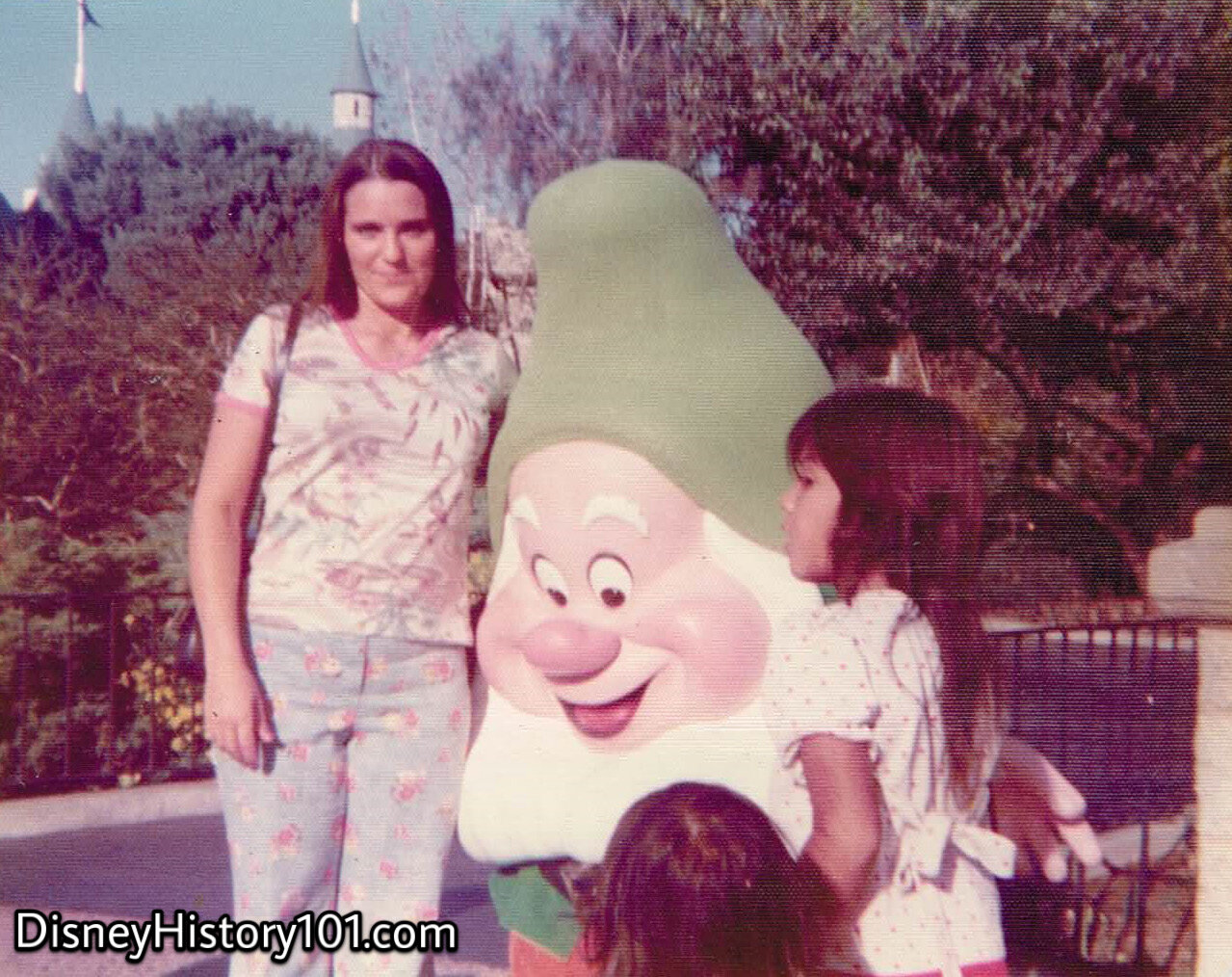
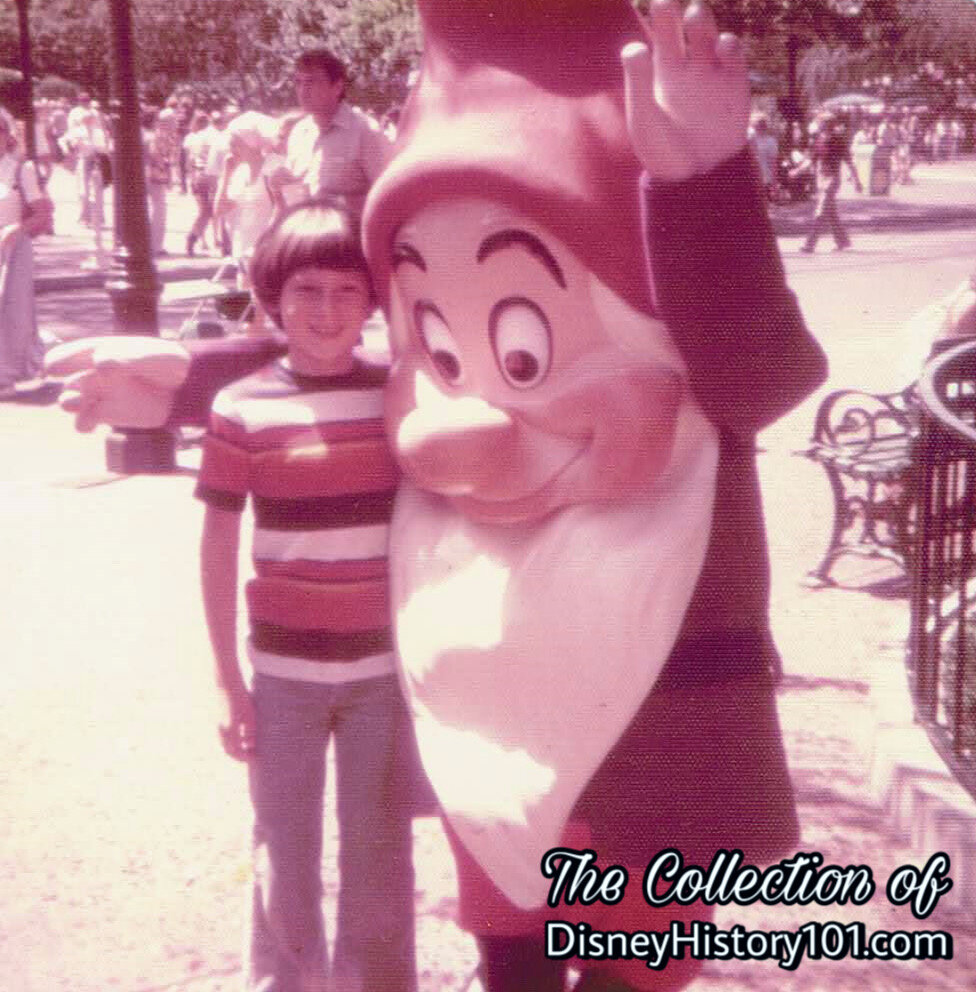
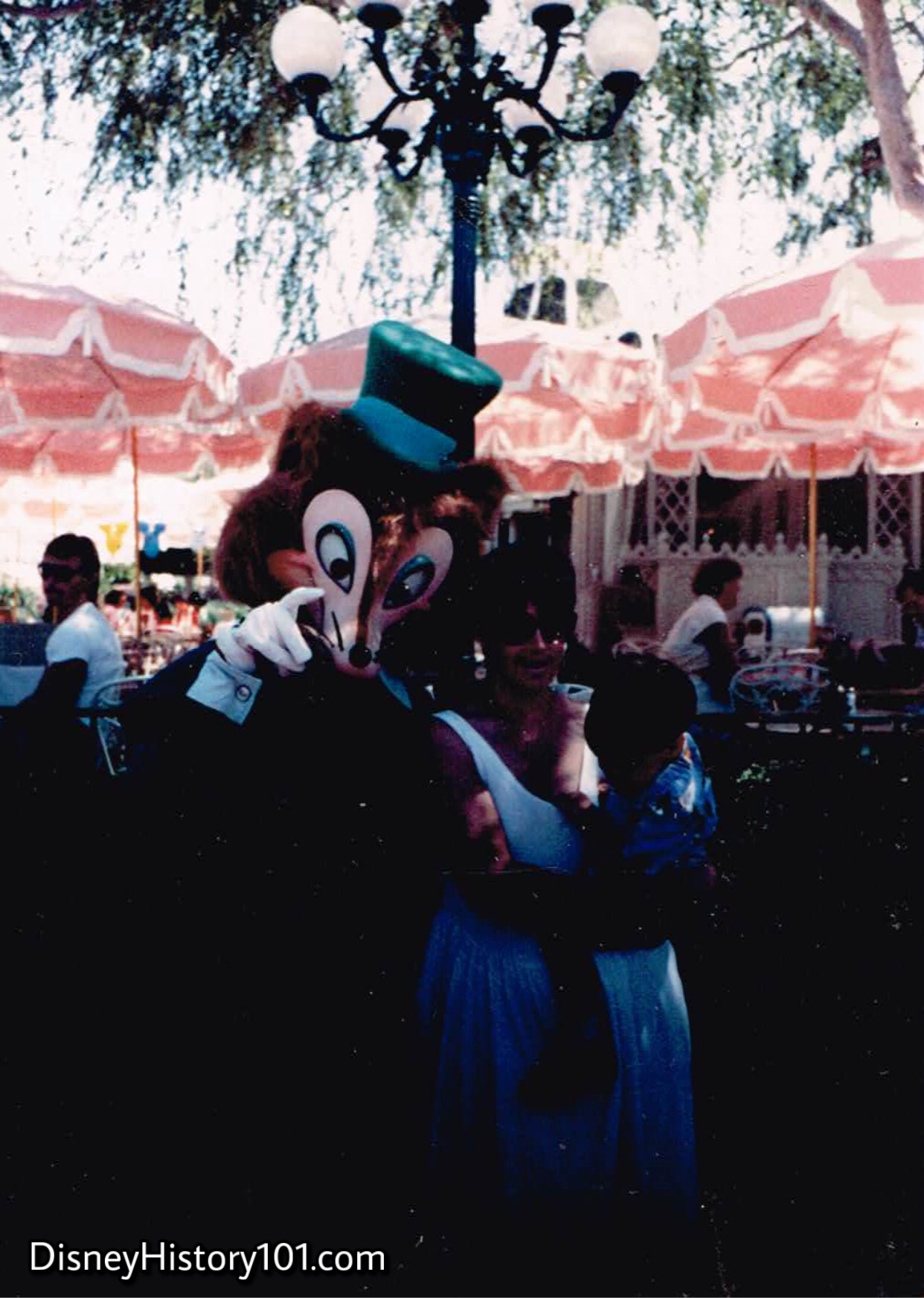
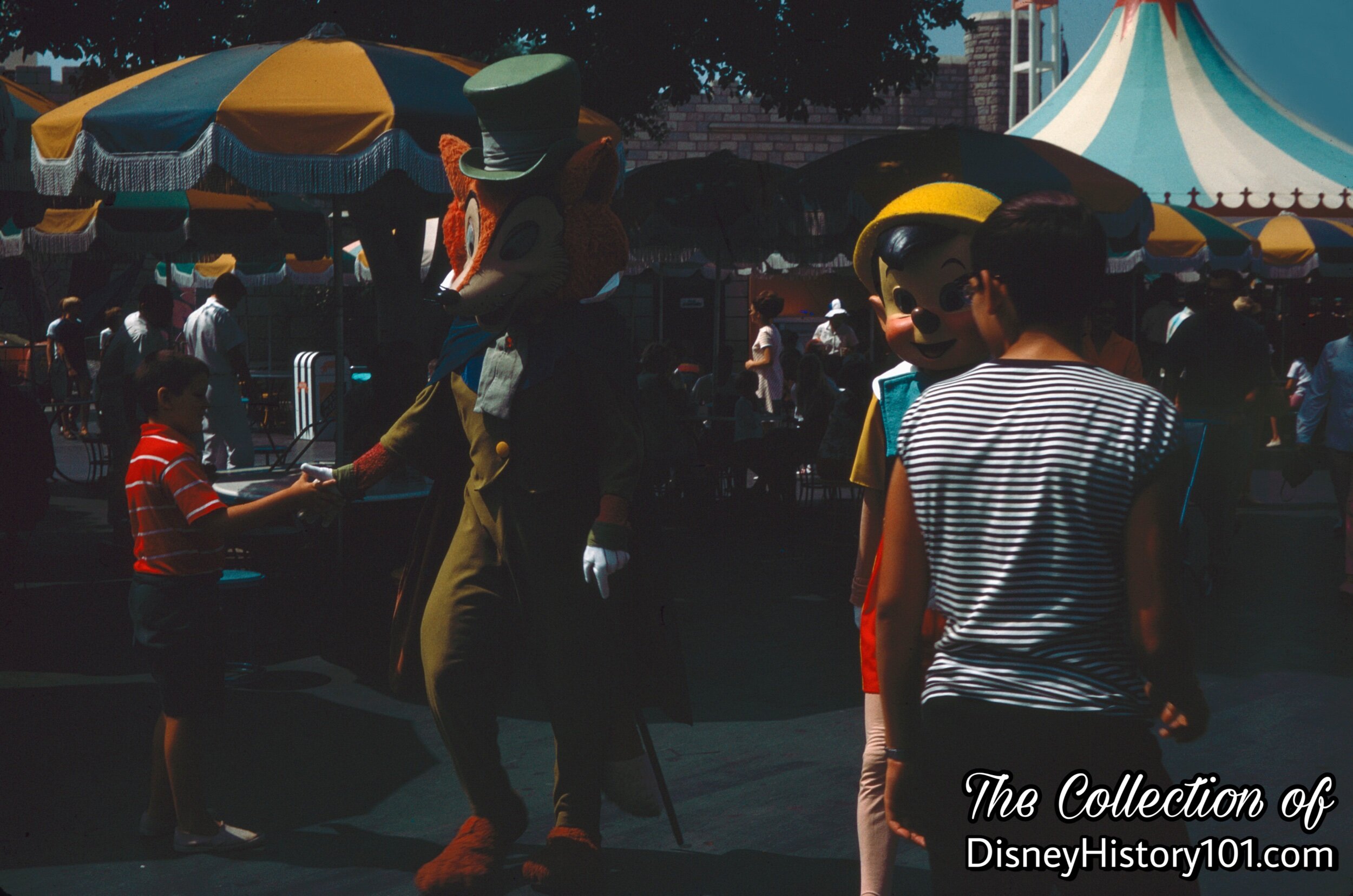
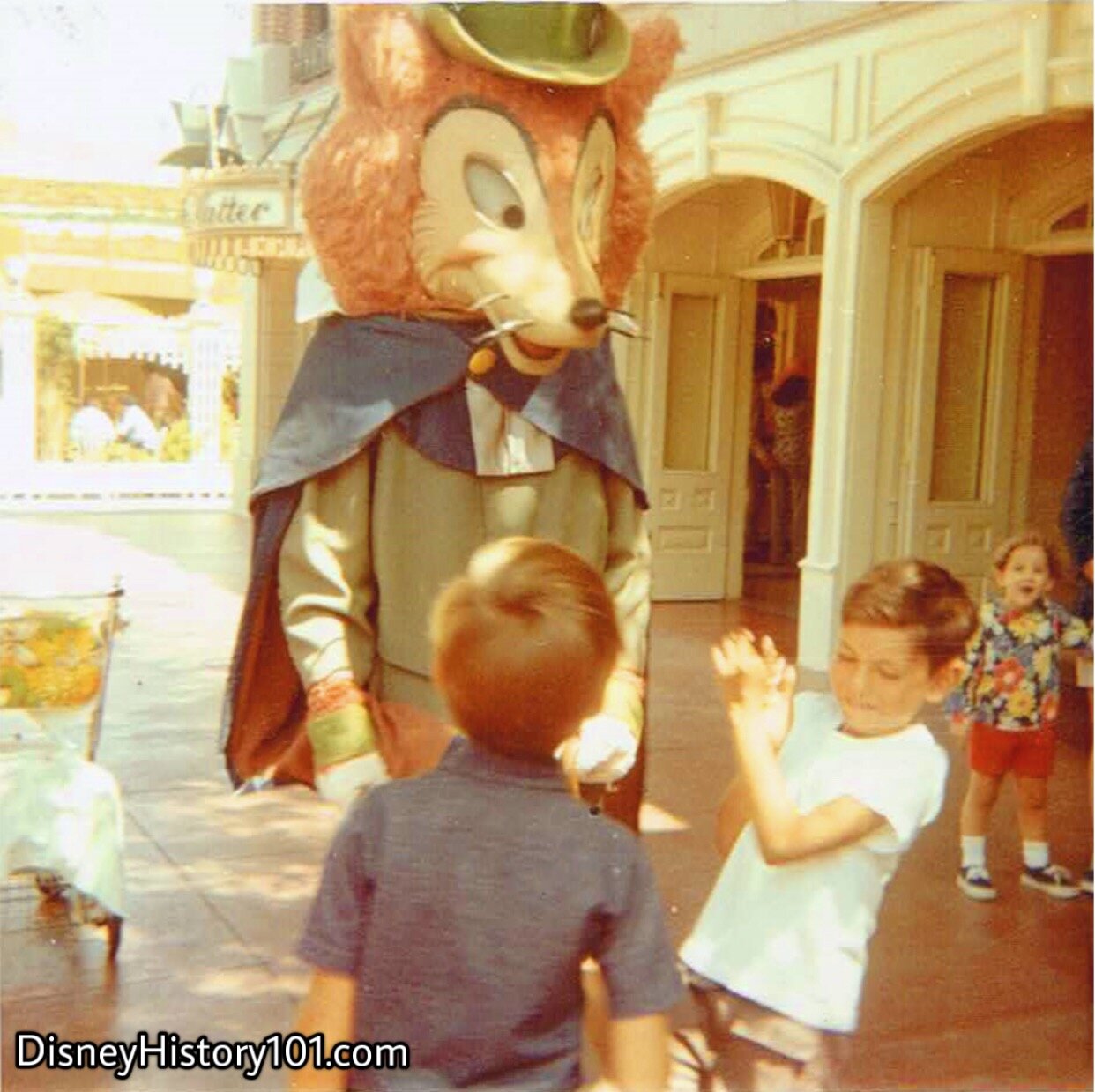
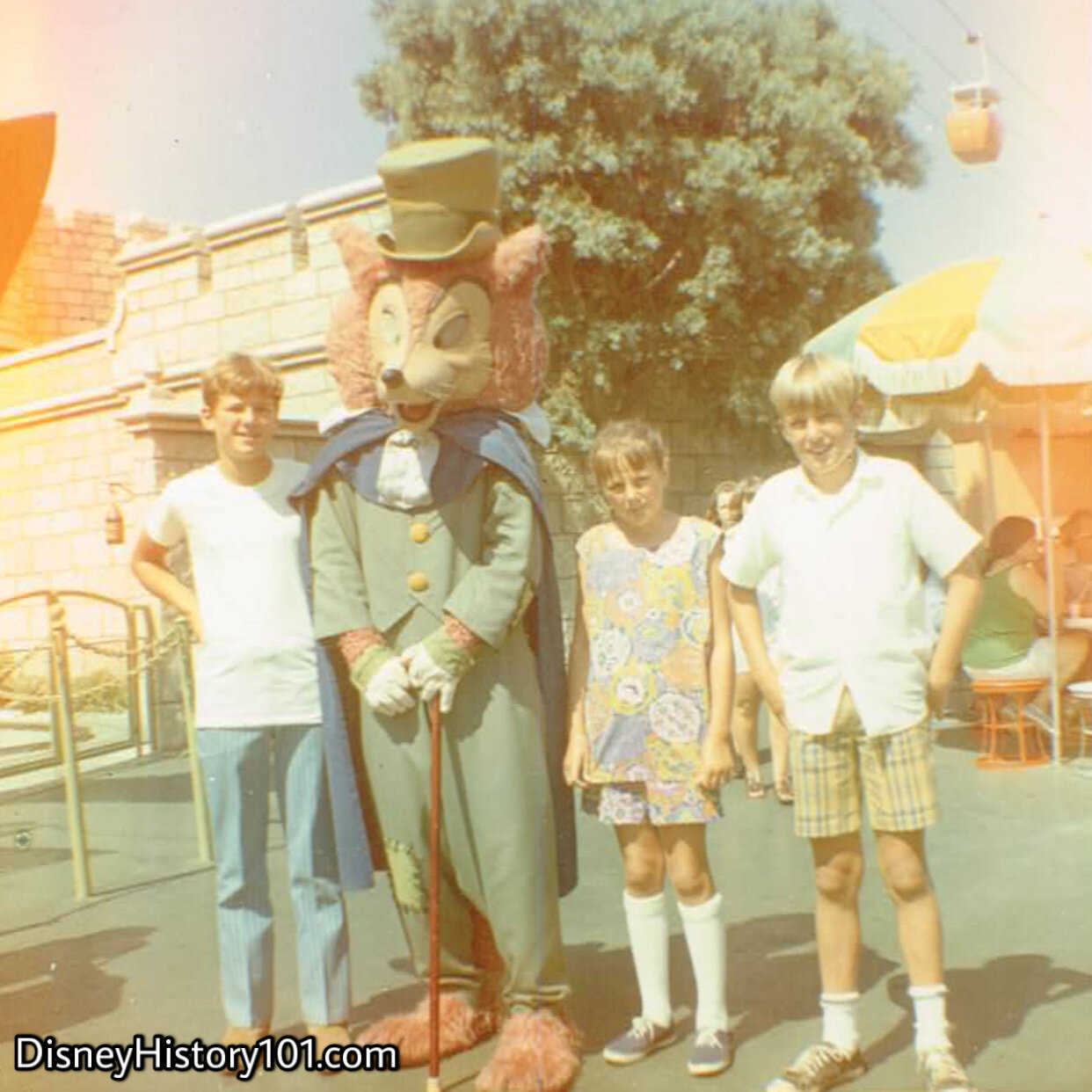
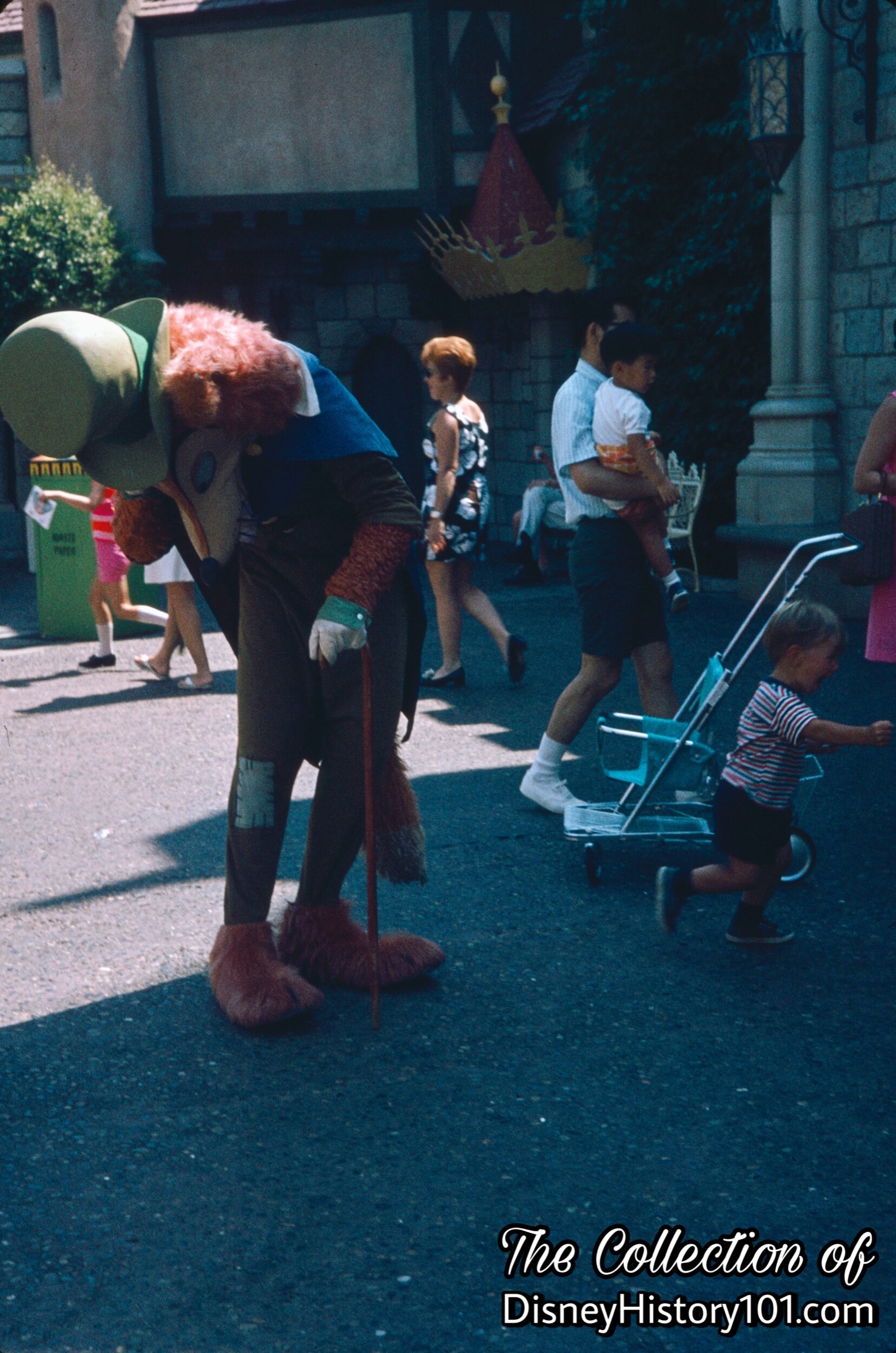
Approached by a frightened child, Honest John animates bashfulness and plays peek-a-boo.
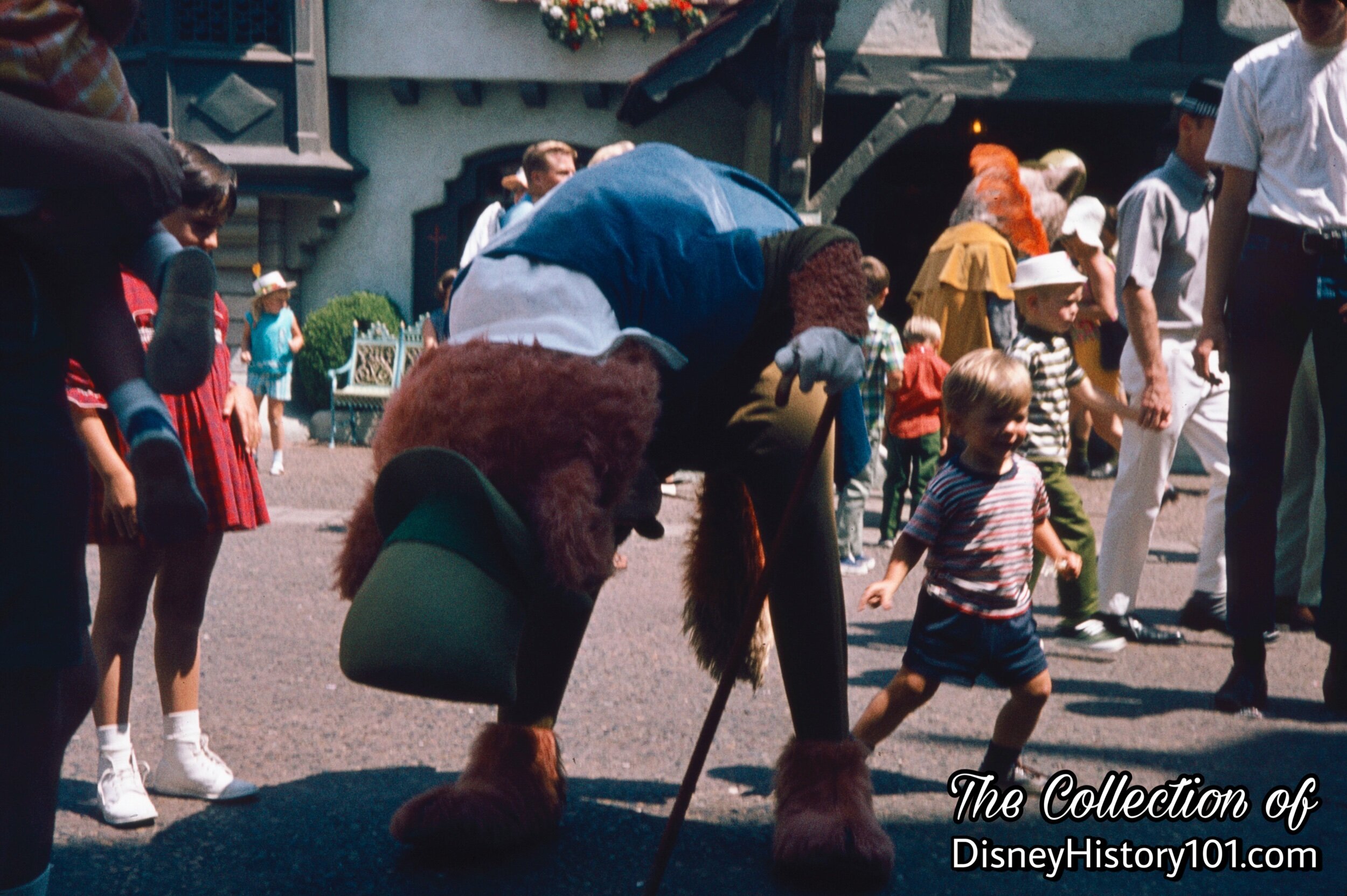
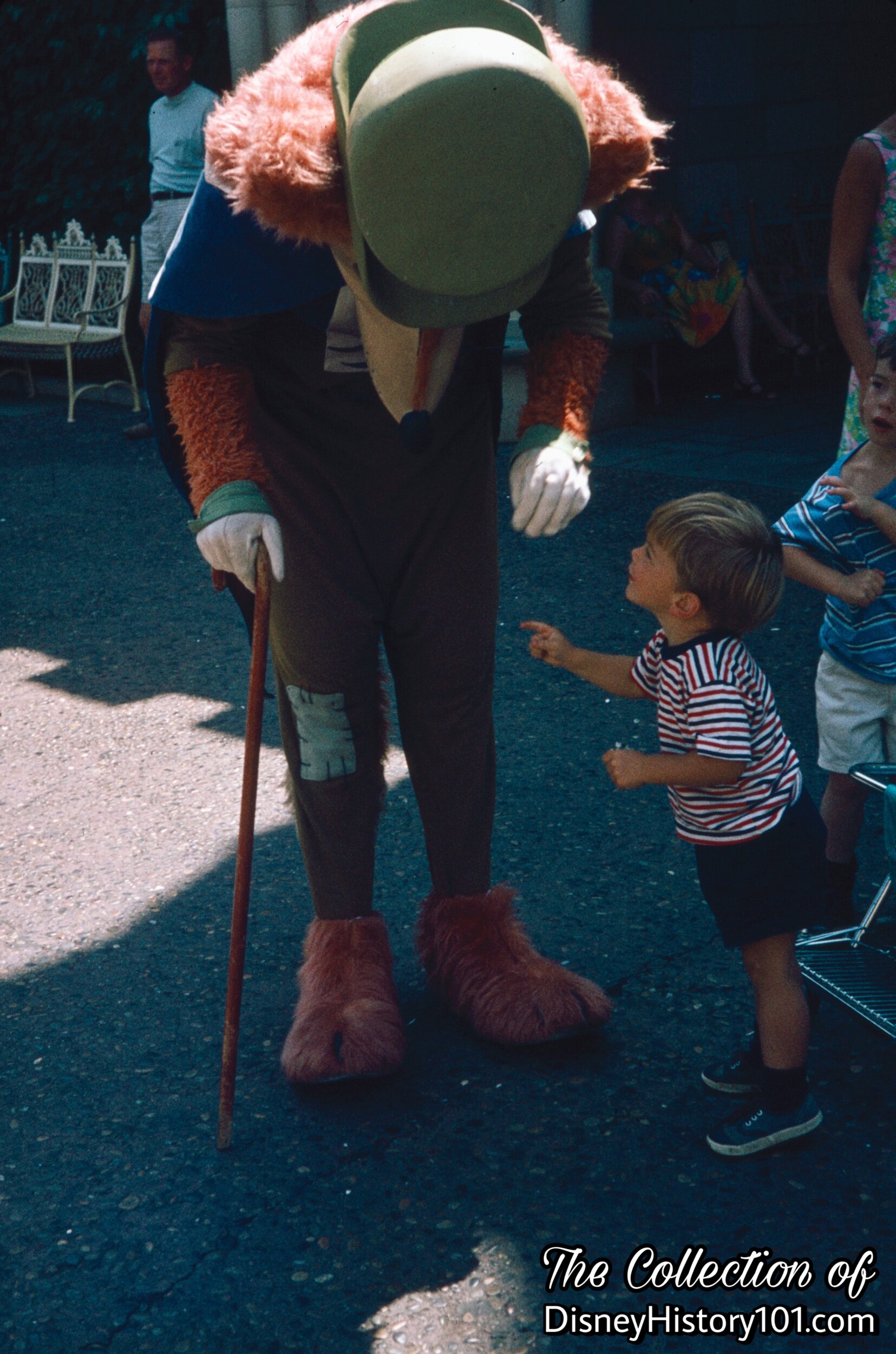
Honest John gets down to the child's level.
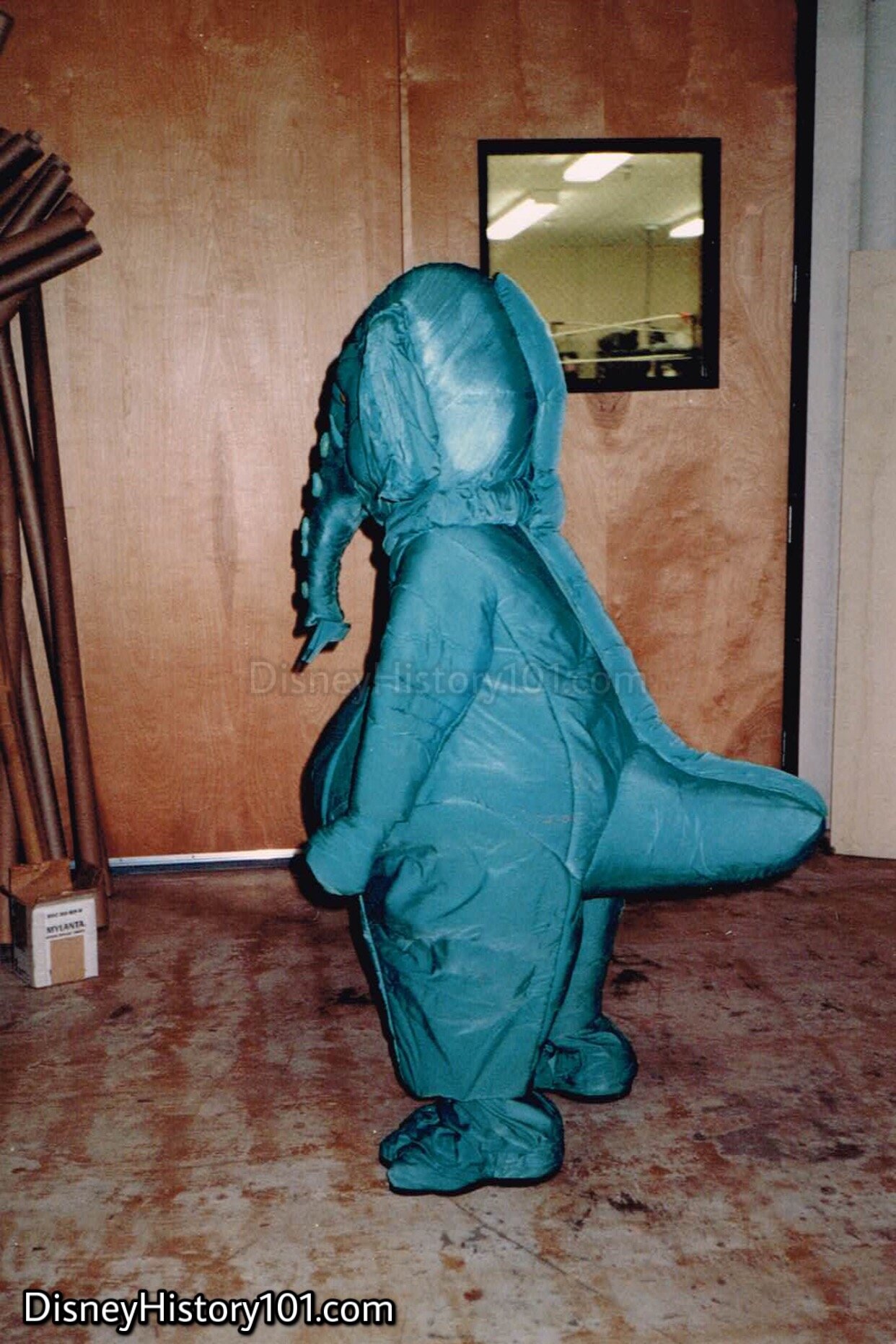
Hooter first debuted during the Disneyland World Premier of Captain EO, in 1986. In this rare Vintage View, we catch a glimpse of an early prototype of Hooter, prepared by the Disneyland Entertainment Department.
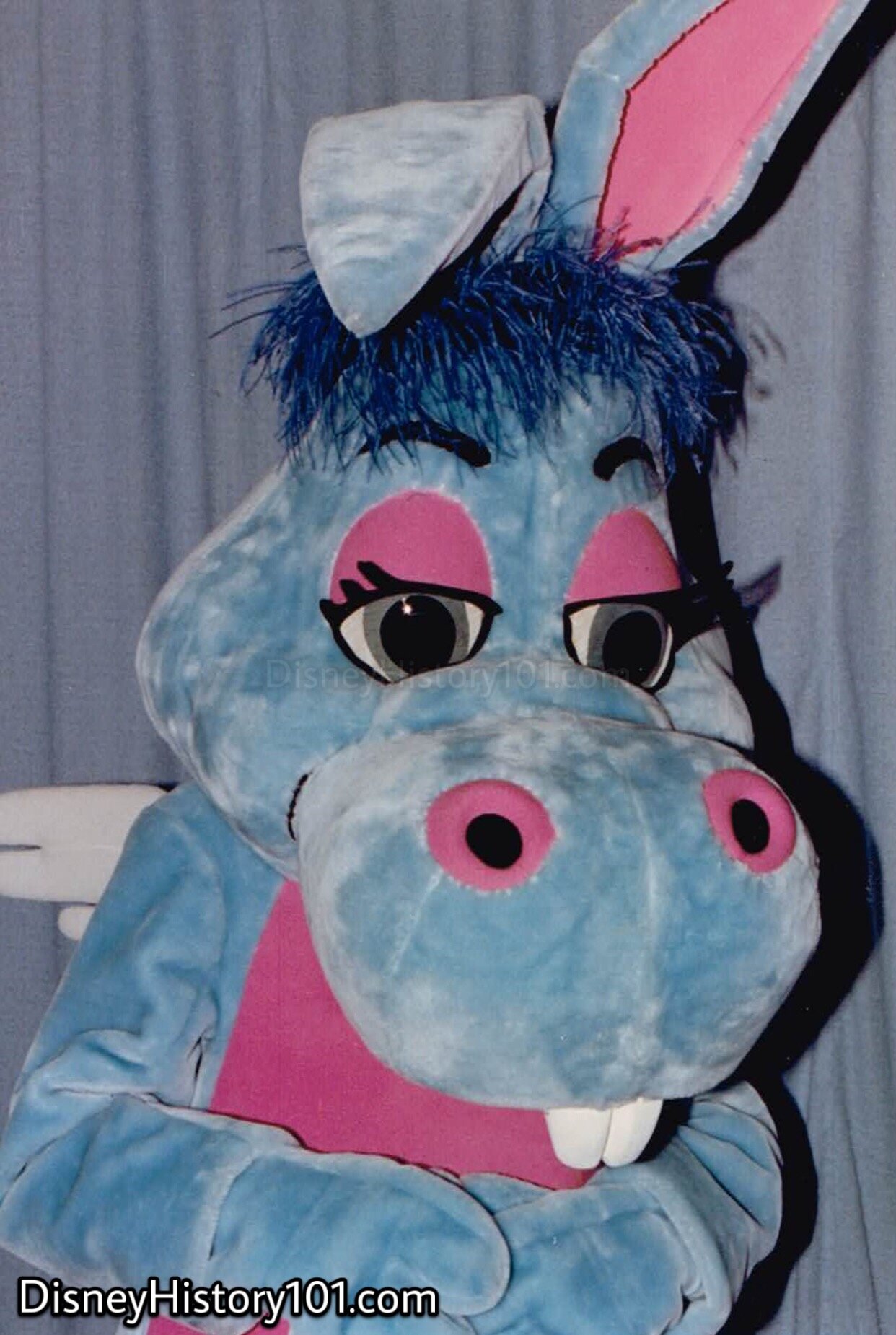
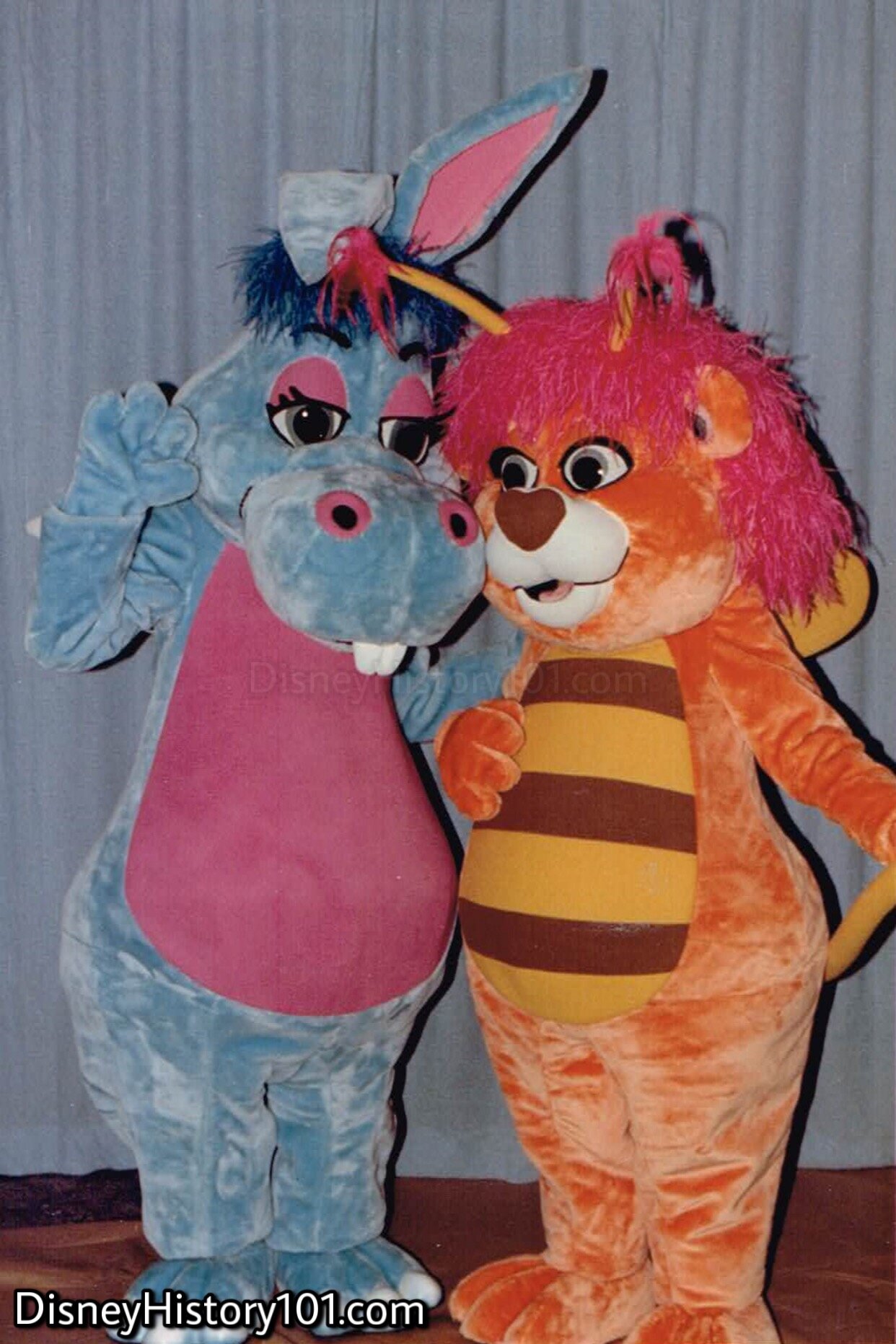
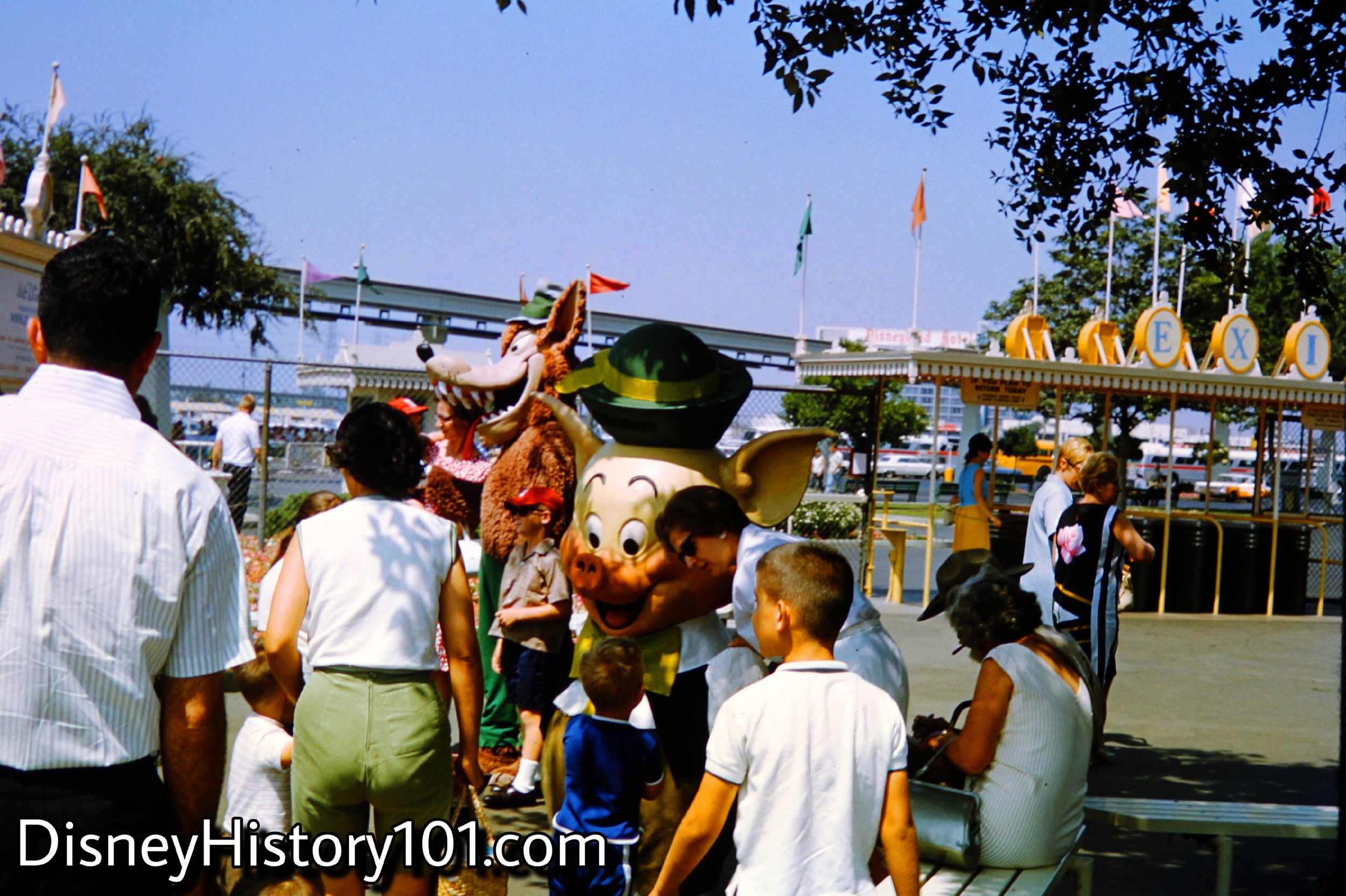

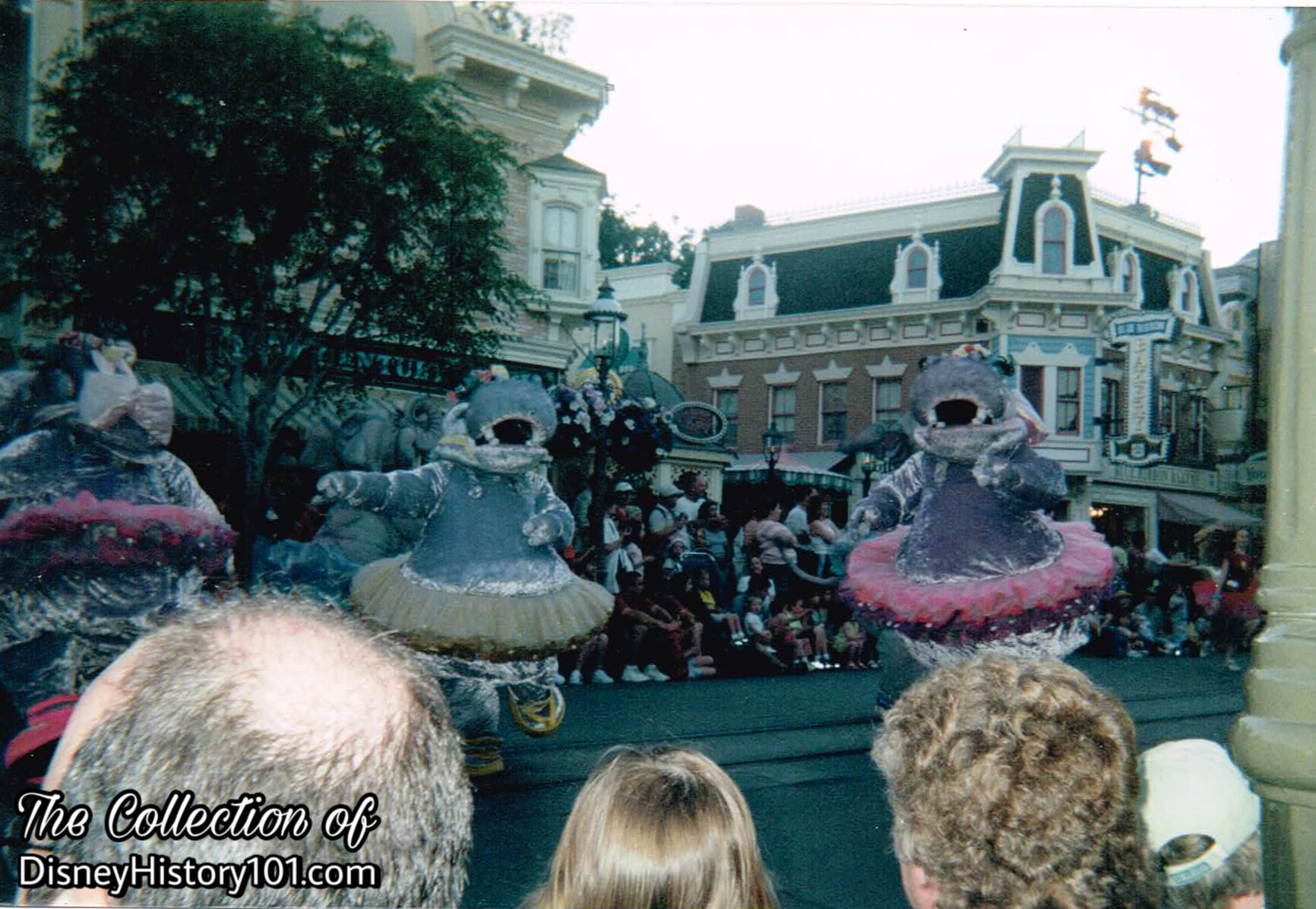
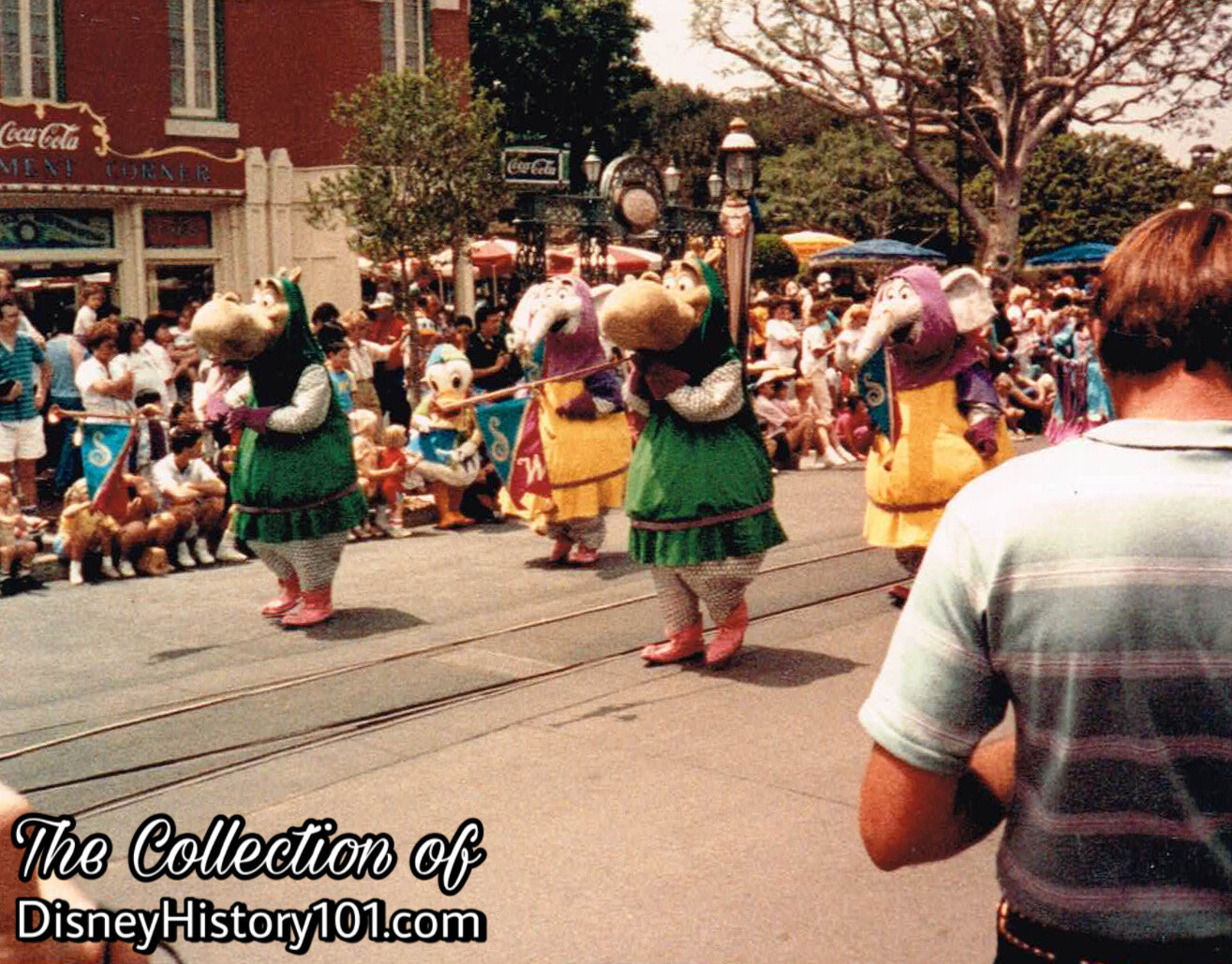
DISNEY CHARACTERS (I-Z)

•Iago - (See Jafar) Iago made his debut in Disney’s Aladdin released November 25, 1992. The “fur and feathered,” animated Iago debuted with Jafar, often seen perched on Jafar’s shoulder for appearances.
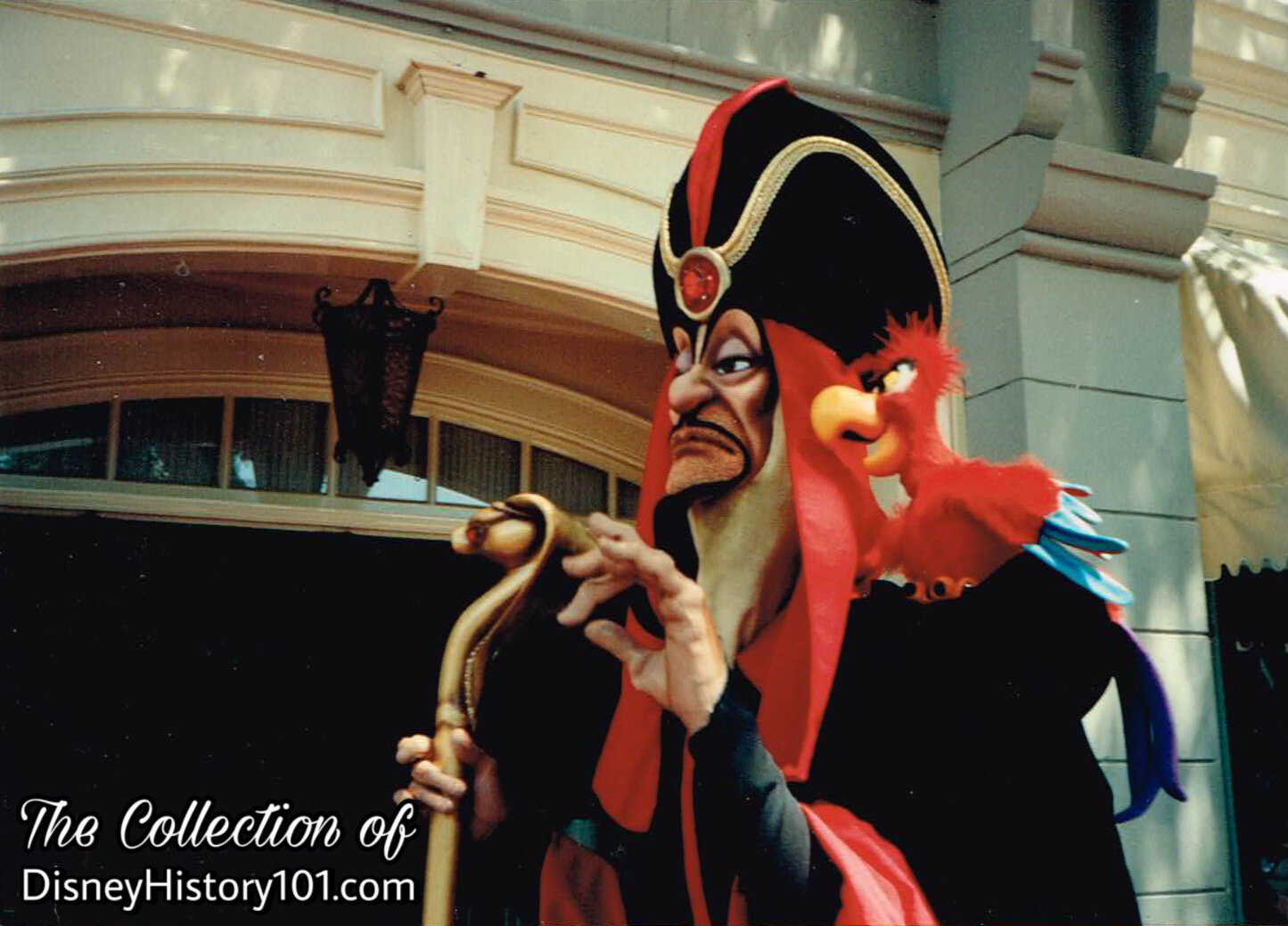
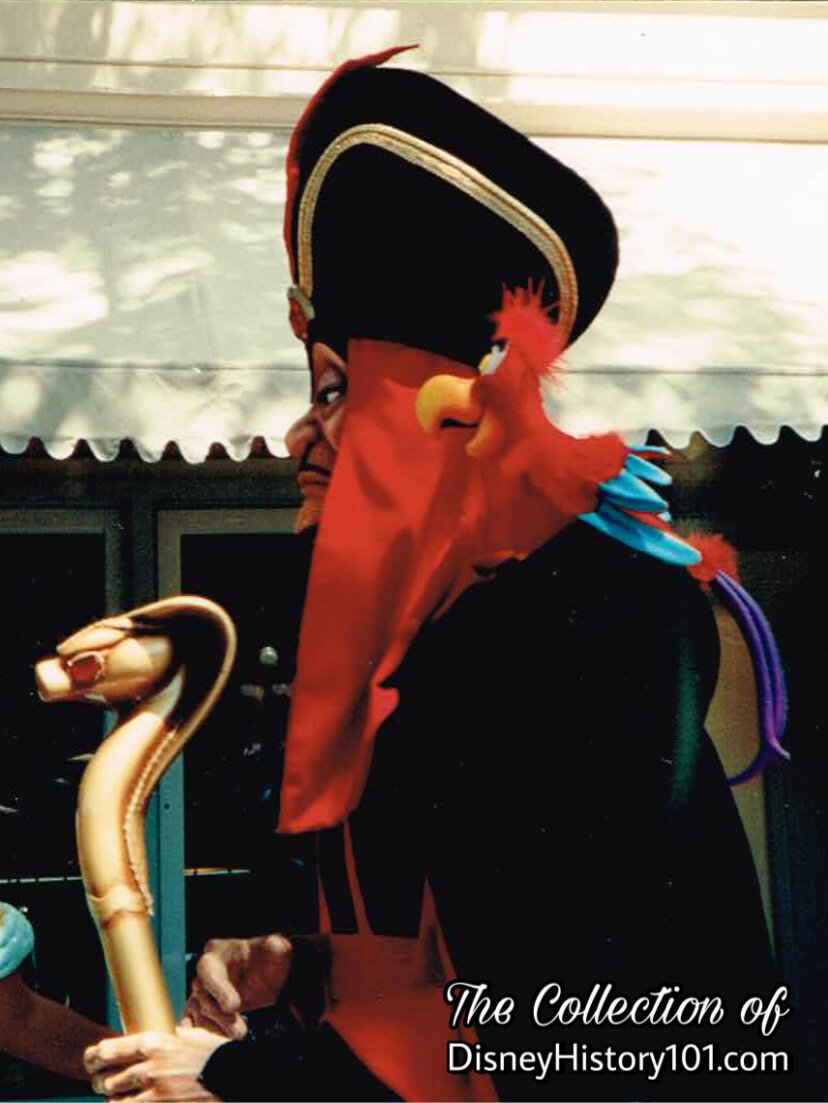

•J. Worthington Foulfellow - Foulfellow made his debut in Walt Disney’s Pinocchio, on February 17, 1940. He made regular appearances at the “Small World” Area, greeting guests as part of the Character Program, “throughout the Christmas Holidays” (daily between parades, from 9:00am to 11:45am). [“Disneyland Holiday Talent Master Schedule,” prepared for the period of December 16, 1967 through January 1, 1968]
•Jafar (Aladdin) - Jafar made his debut in Disney’s Aladdin released November 25, 1992.
•James Thaddeus Toad
•Jane Porter
•Jasmine (Aladdin) - Jasmine made her debut in Disney’s Aladdin released November 25, 1992. Jasmine is a Disney Face Character who can talk, communicate with Guests, and create magical Disney experiences for them. Jasmine has a Tiger named Rajah. He is her pet and trusted friend but has never appeared as a Character at Disneyland.
•Jaq - Jaq made his debut in Walt Disney’s Cinderella released February 15, 1950.
•Jiminy Cricket - Jiminy Cricket made his debut in Walt Disney’s Pinocchio on February 7, 1940. Jiminy Cricket proved “He's no fool” when he introduced educational cartoons on the Mickey Mouse Club.
•Johnny Appleseed - He was available for interviews and photo opportunities during the “35 Years of Magic” celebration at Disneyland.
•Jolly Roger -
•Judge Claude Frollo -
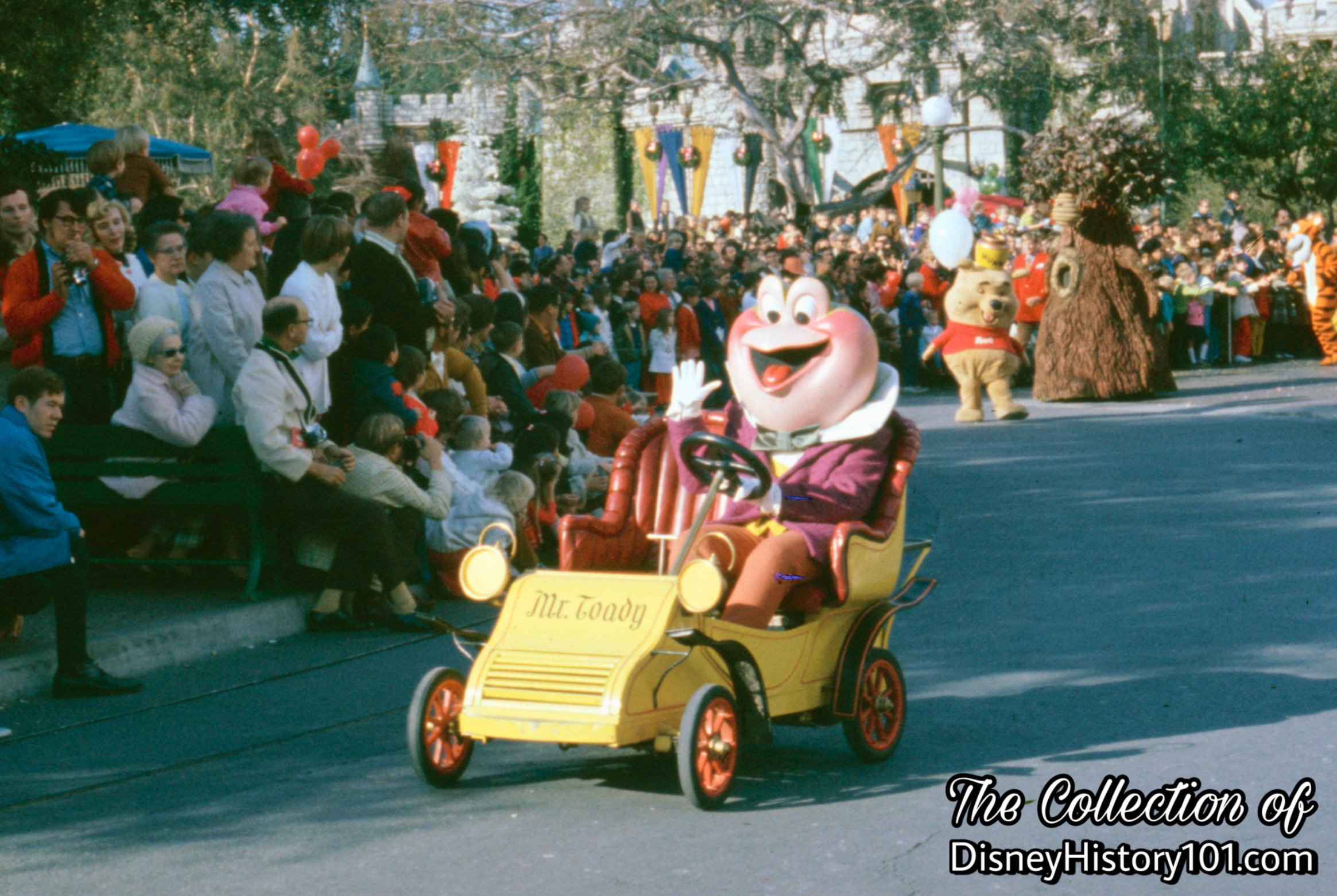
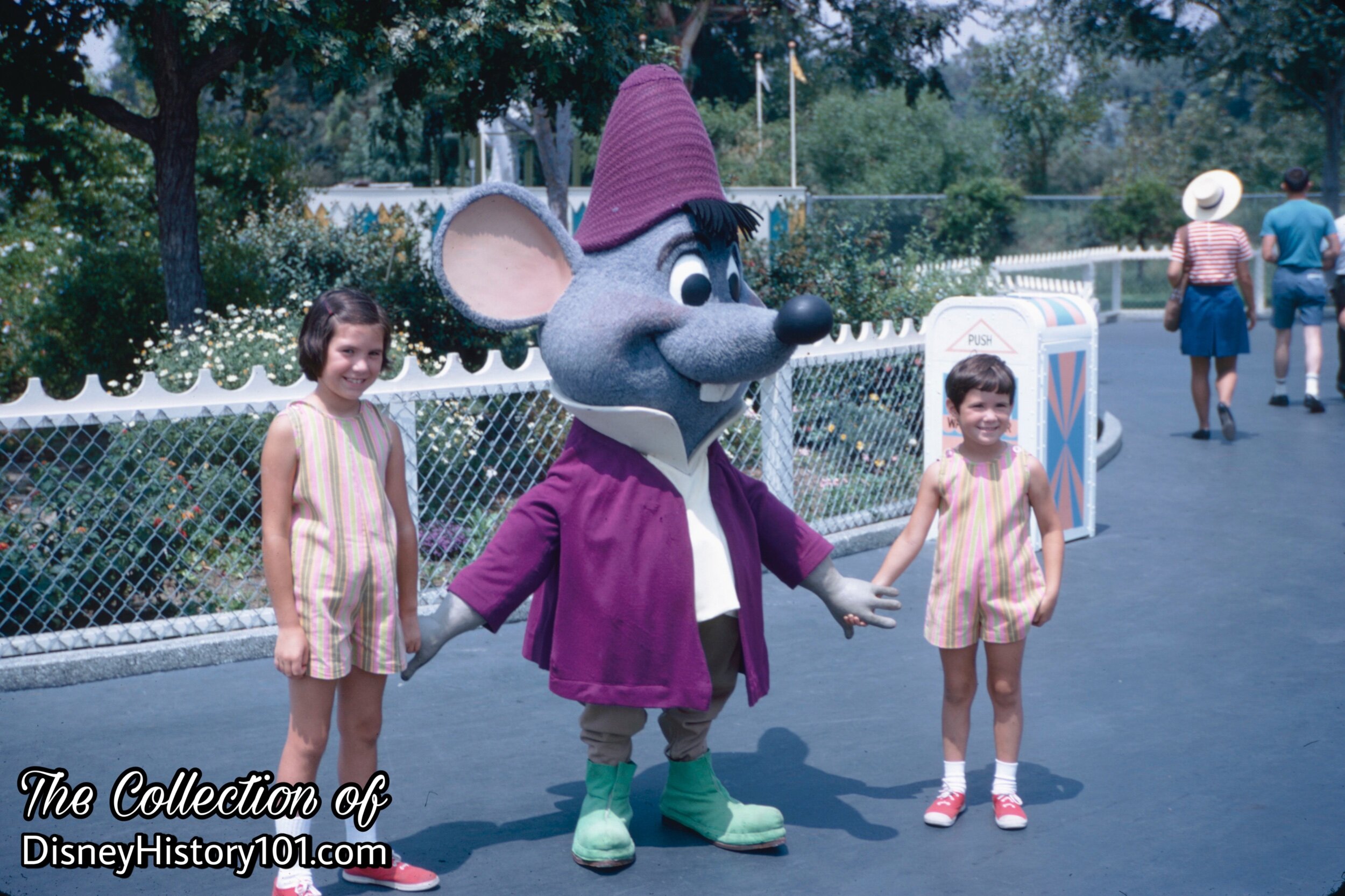
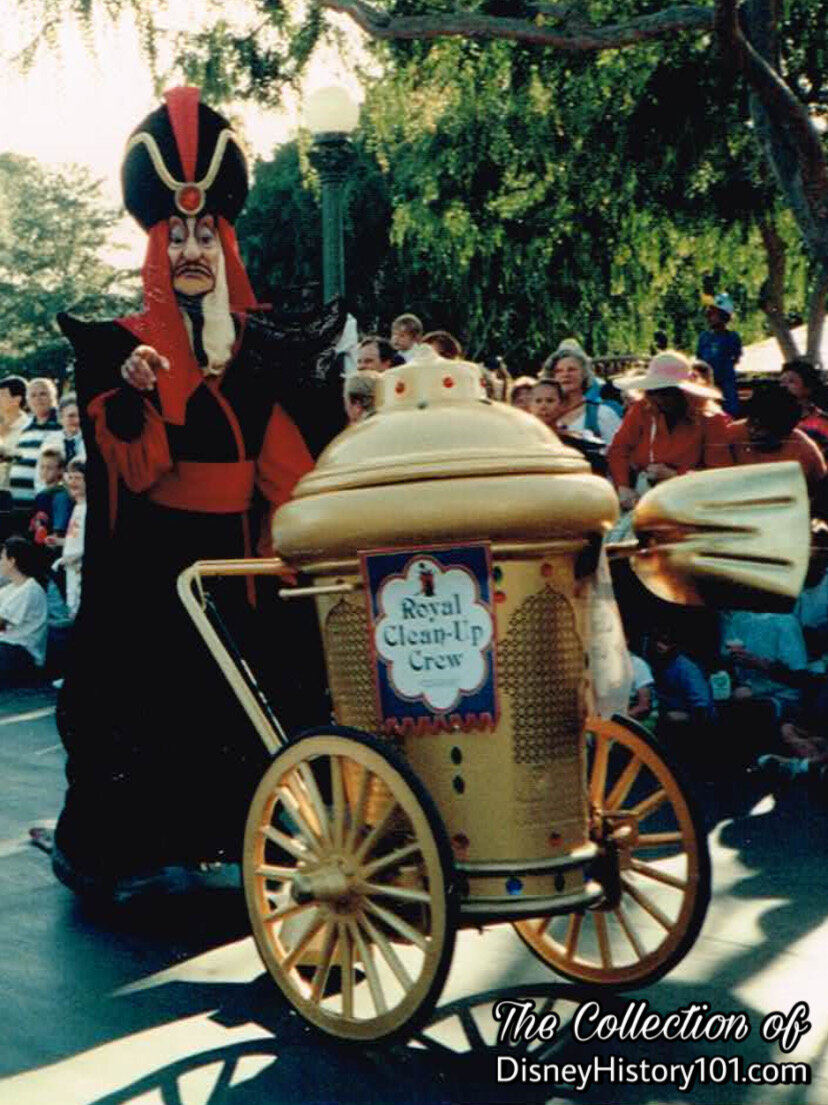
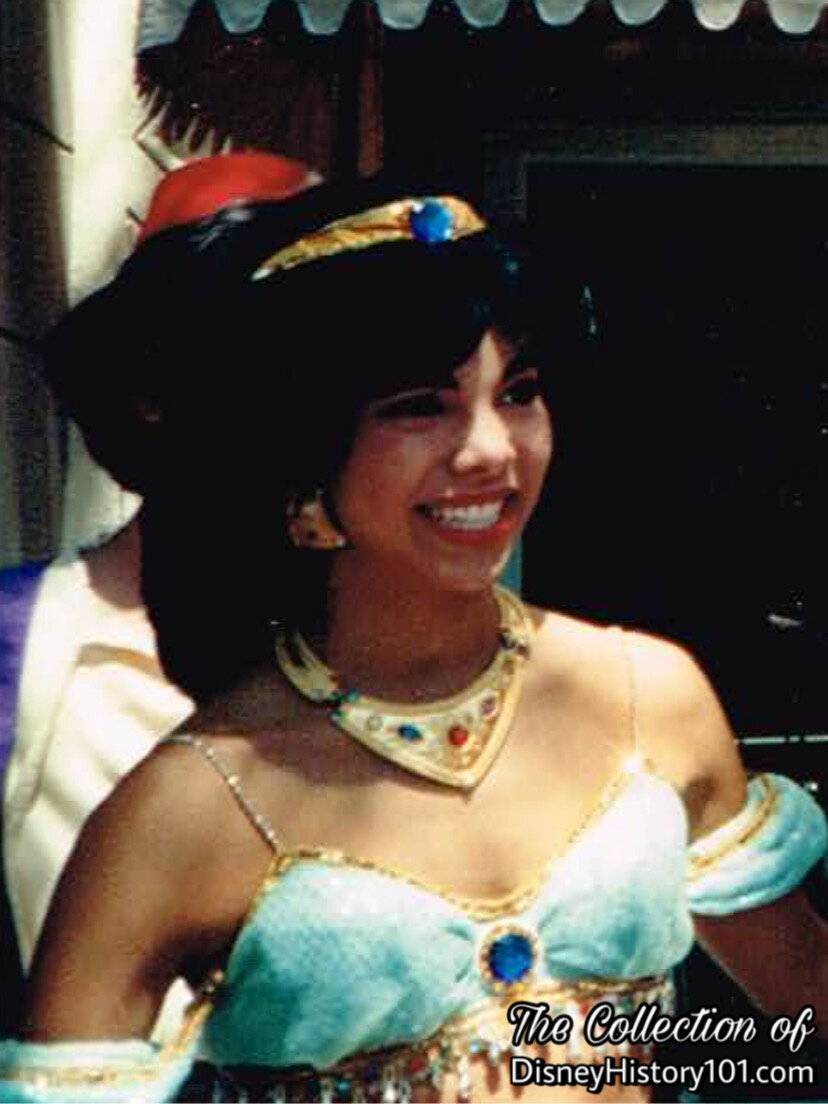

Both Aladdin and Jasmine demonstrate the importance of looking at guests when speaking to them, and “the magic mirror of your smile.”

•Keystone “Kops” Quartet - The Keystone Cop Saxophone Quartet was a breakaway section of the Disneyland Marching Band (similar to the Dixieland “Hatters” of Frontierland and the “Town Band” (or, “Polka Band”) of Fantasyland and Tomorrowland), that performed on Main Street U.S.A. during the 1950s and 1960s. Before the barbershop quartet, a quartet of Main Street’s Policemen (or, Constables) entertained guests of the turn-of-the-century locale. During the 1950s, guests could expect to hear golden saxophones in close harmony (on the street) twice daily, in the afternoon. Similar to another popular Disneyland quartet, the Keystone Kops Quartet performed sets on their golden saxophones, in several select areas on Main Street U.S.A. (including the Plaza and in front of the Magic Shop)!
The quartet had a legacy (of sorts) in the Main Street Saxophone Quintet (Gary Scudder, Barry Streeter, Dave Friedrichs, Alan Palmer, and Jeff Phillips) premiered during the Disneyland Family 25th Anniversary Reunion held in April of 1980. During July 20-26, 1987, both the Keystone Quartet and the Sax Quintet were performing in the Park simultaneously.
•King Leonidas - “King Lion” or (King Leonidus) made appearances around 1972. He would appear in Adventureland and both at “mix in” and “Regular Private Parties” (first five hours of party beginning 15 mins. prior to the gate opening of each party).
•King Louie (Jungle Book) - King Louie (whose character model and voice was provided by Louie Prima) first debuted during The Jungle Book National Tour, which lasted 26 days (from November 5th thru November 30th, 1967). Disneyland Entertainment Costume Employees Ben Sherman and Lee Reineke toured several cities (as “Pageant Helpers” along with King Louie and Baloo (the stars of Walt Disney’s animated feature-length film The Jungle Book). Twenty-two locations visited included Atlanta, Baltimore, Boston, Buffalo, Chicago, Cincinnati, Cleveland, Dallas, DC, Denver, Detroit, Houston, Indianapolis, Miami, Milwaukee, Minneapolis, New Orleans, Philadelphia, St. Louis, Salt Lake City, San Francisco, Toronto, and Washington.
When this circuit was completed, the “Jungle Book Parades” (consisting of Col. Hathi, Baloo and King Louie) with the Disneyland Band made regular appearances in Adventureland, greeting guests as part of the Character Program, “throughout the Christmas Holidays” (daily between parades, from 9:00am to 11:45am). [“Disneyland Holiday Talent Master Schedule,” prepared for the period of December 16, 1967 through January 1, 1968] Popular Dutch singer Heinje Simons visited Disneyland during 1967 (likely during this season), and took many photographs with both Baloo and King Louie.
During the 1970s, King Louie appeared in Adventureland. He also made appearances around 1972, at “mix in” and “Regular Private Parties” (first five hours of party beginning 15 mins. prior to the gate opening of each party).
When he isn’t meeting with the monkeys, King Louie can be found at Disneyland. He also appears in “Mickey and the Magical Map” presented in the Fantasyland Theatre.
Lilo -
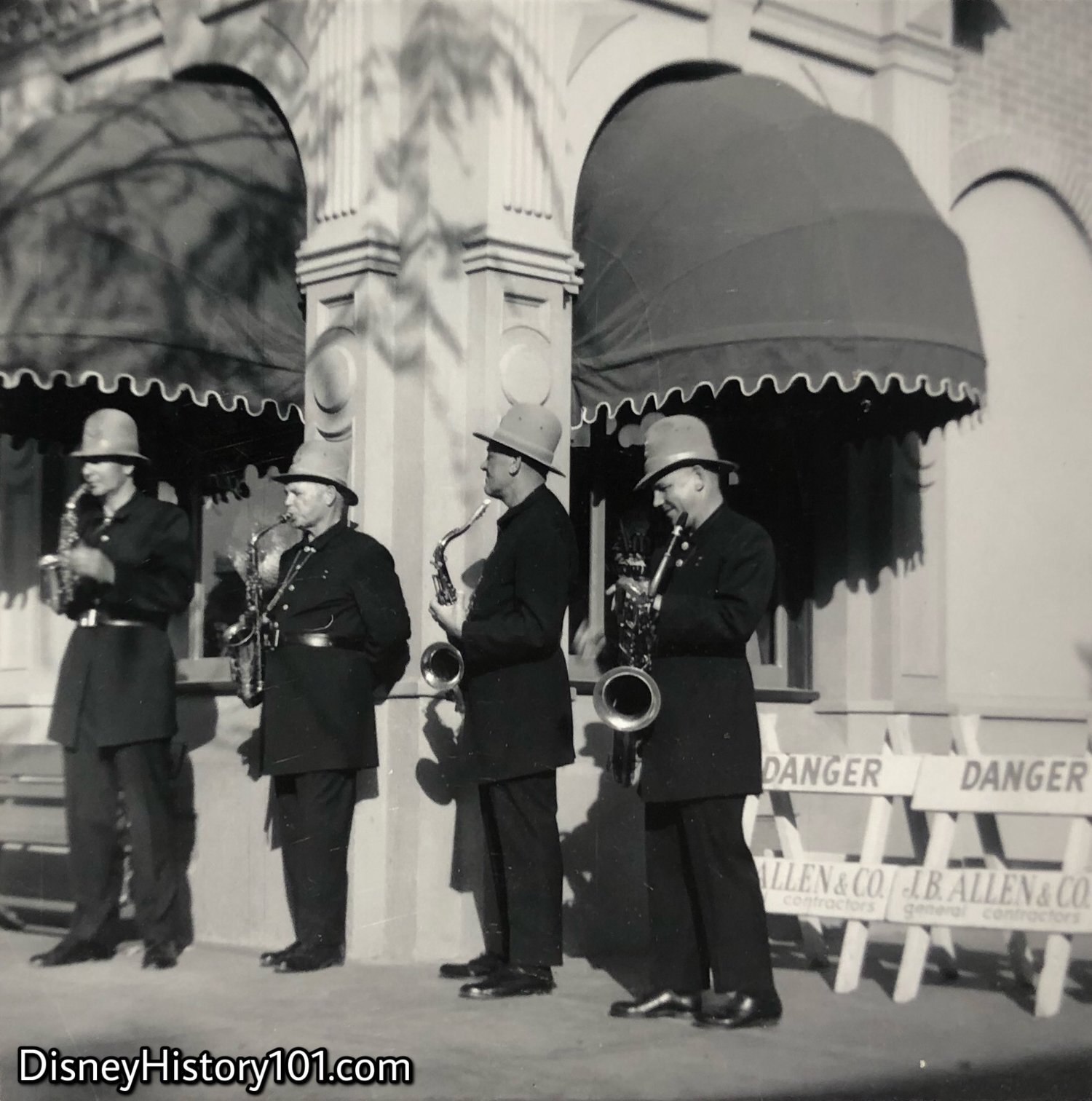
The Keystone Cops Quartet performs next to the Bank of America building (just through one of the tunnels to Main Street. “Main Street’s Keystone Kops Quartet provide sidewalk entertainment for Disneyland guests”, even when some of the sidewalks are inaccessible.
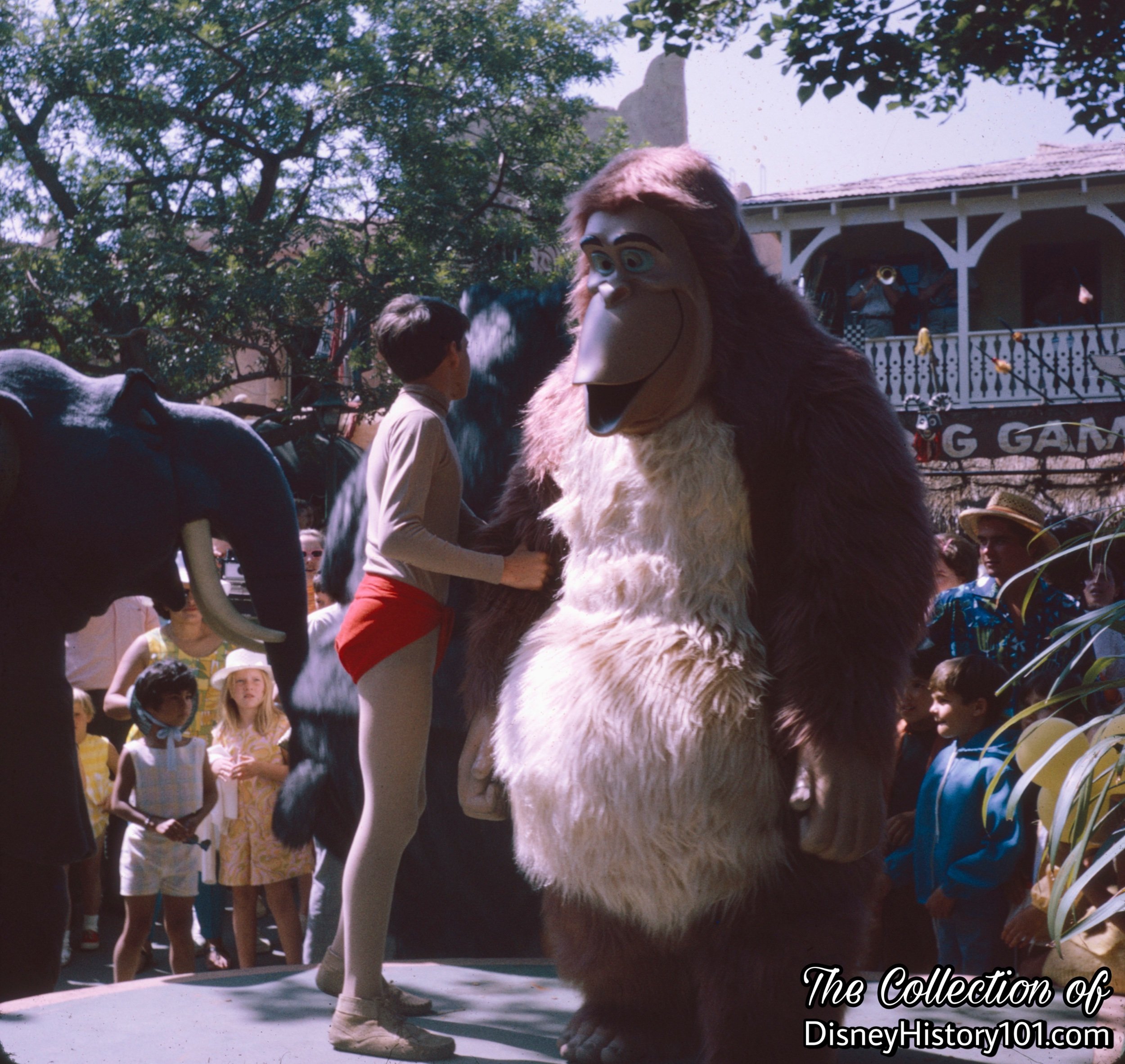
King Louie from The Jungle Book wants to be a human like Mowgli.
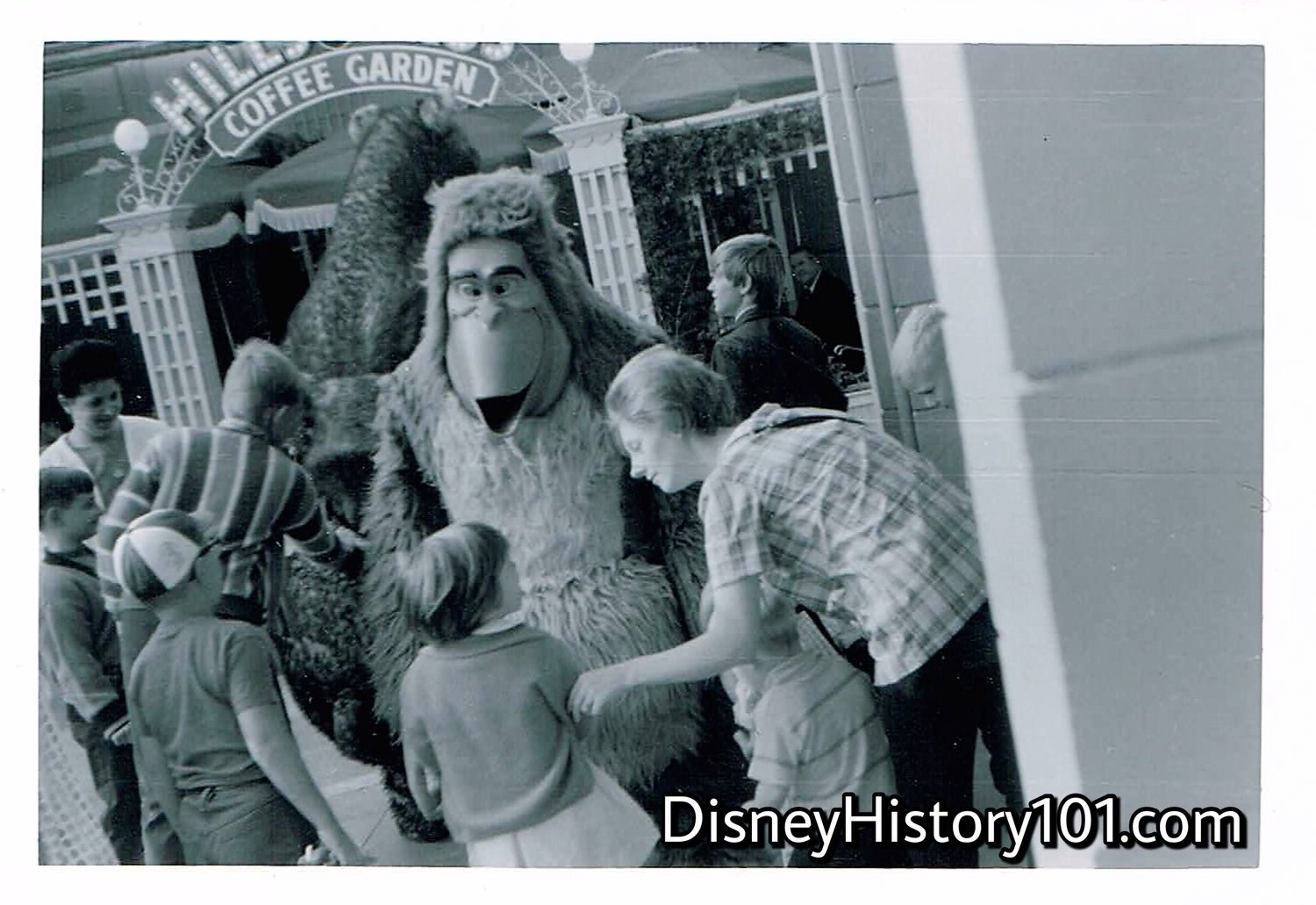
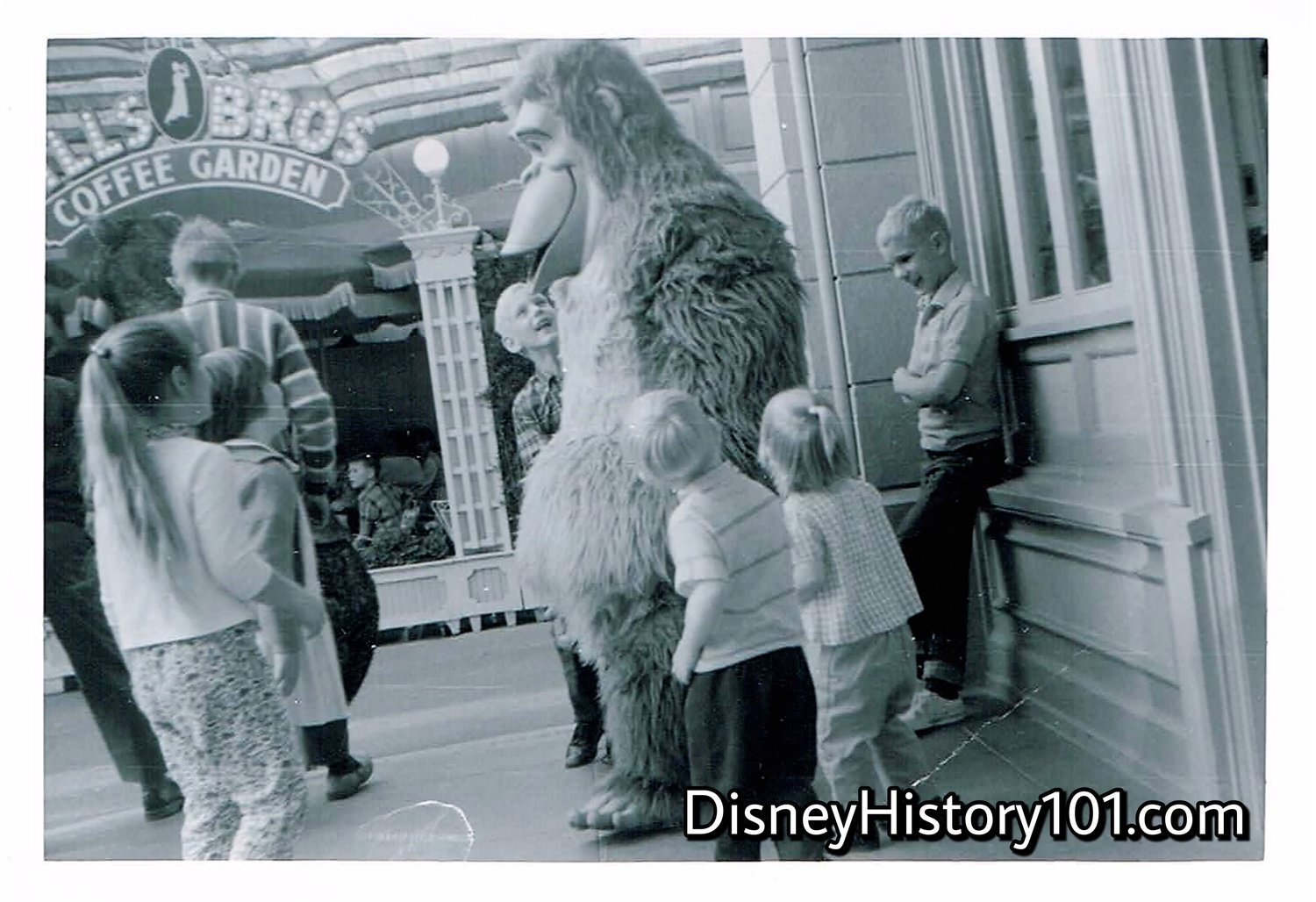
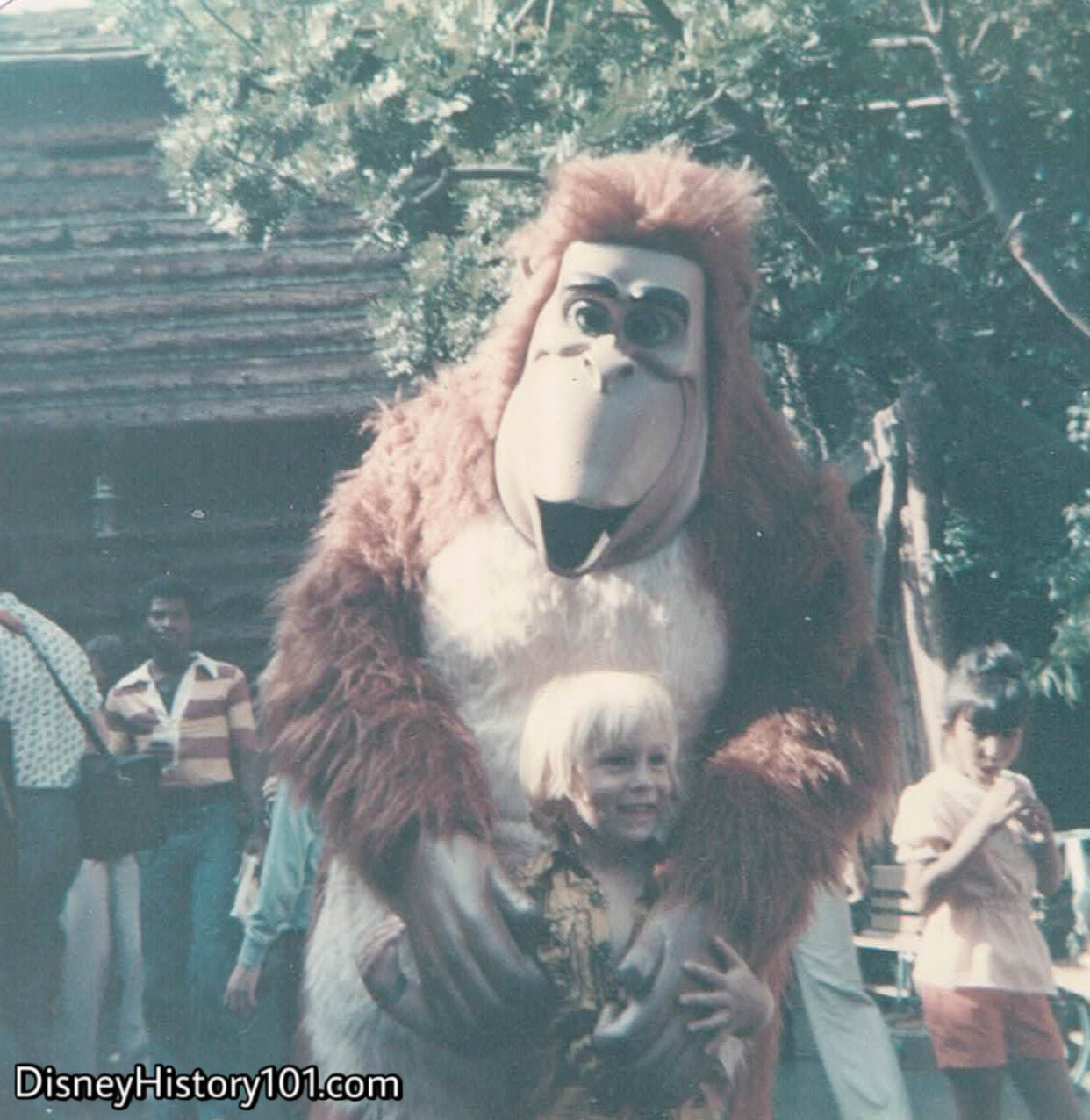
King Louie hangs out in a natural spot - near the Entryway to Adventureland - creating magical moments for one guest at a time!
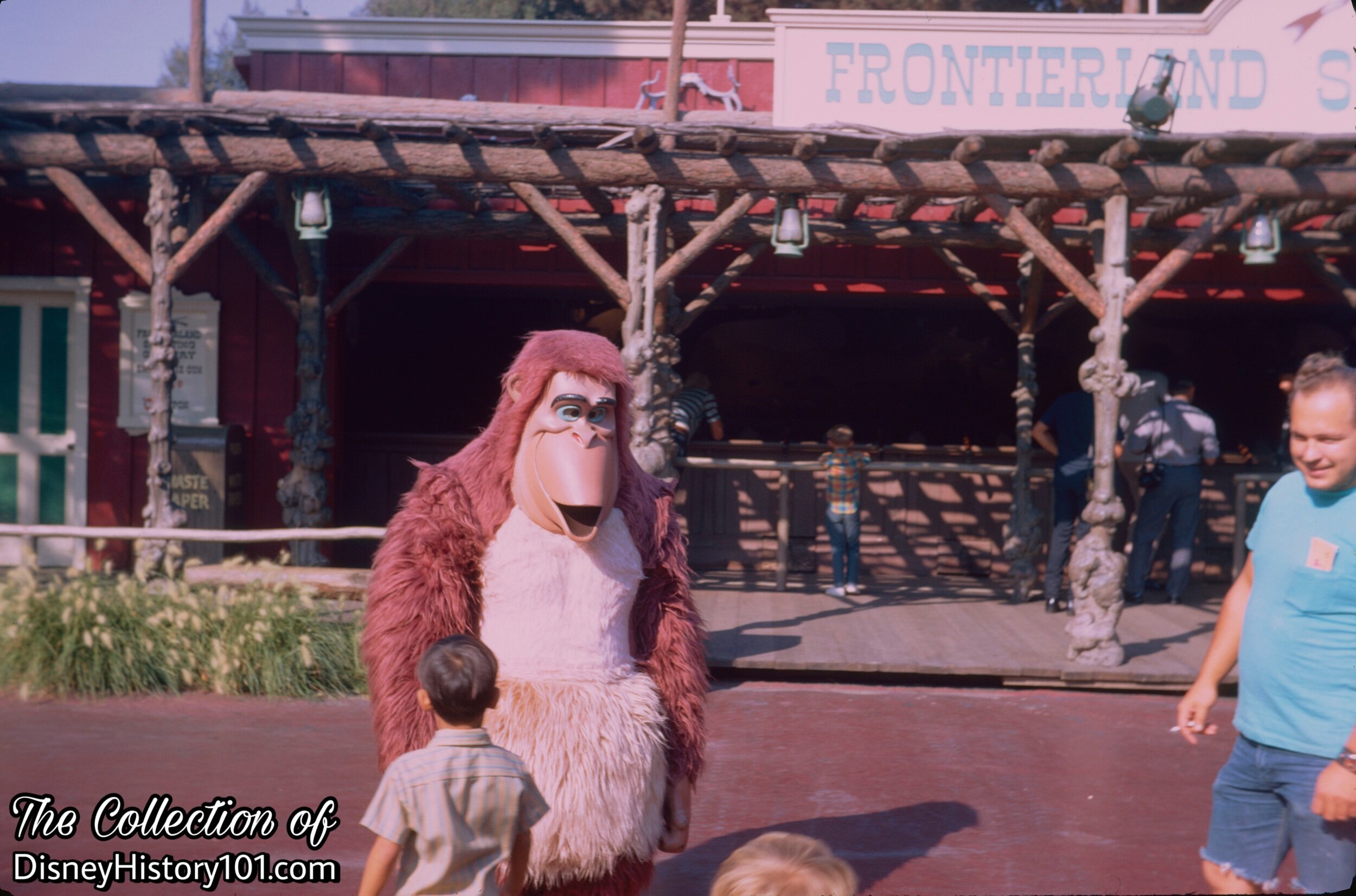
King Louie meets guests in the neighboring (and yet, faraway) “man village” of the Frontierland Stockade!

•Lady Tremaine (Cinderella)
•Lampwick -
•Lilo -
•Little John (Robin Hood)
•Ludwig Von Drake - Yes (“make no mistake”), that Ludwig Von Drake did indeed appear among the Disney Characters at Disneyland during the mid-1960’s (c. 1964).
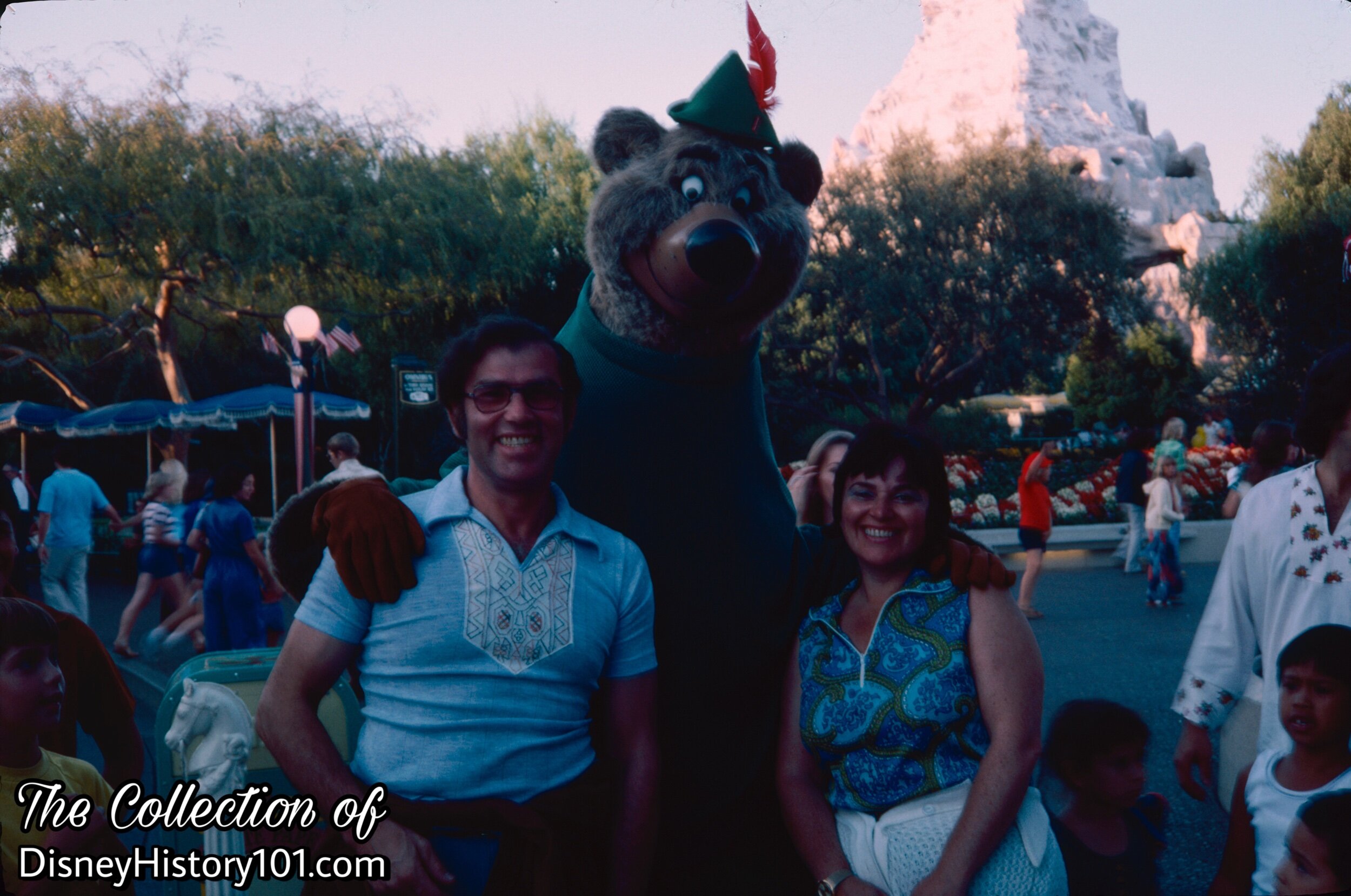

•Mad Hatter (Alice in Wonderland) -Walt Disney’s “clownish fellow fond of tea parties” made his theatrical debut in Walt Disney’s Alice in Wonderland, on July 28, 1951. He wears a large hat with a price tag reading 10/6 - 10 shillings and 6 pence.
The Mad Hatter was part of the Pre-game “Walt Disney and Disneyland Salute to the California Angels” at the new Angels Stadium on Saturday, April 23rd, 1966!
The White Rabbit and Mad Hatter made regular appearances at the Forecourt Fantasyland Theater, greeting guests as part of the Character Program, “throughout the Christmas Holidays” (daily between parades, from 9:00am to 11:45am). [“Disneyland Holiday Talent Master Schedule,” prepared for the period of December 16, 1967 through January 1, 1968]
The Mad Hatter was featured in many Press Release photos. For example, he was photographed alongside the Osmond Brothers and “singer-comedienne” E.J. Peaker (and the White Rabbit and Walrus) to promote “Disneyland Showtime” shot at Disneyland and colorcast on “The Wonderful World of Disney”, during 1970.
Cast Member Mike Lopez was once close to the Mad Hatter.
At some point, the Mad Hatter was converted from a Character with sculpted head to a Face Character. He would not sing but he could talk and communicate with Guests and create magical Disney experiences for them.
When he isn’t scheduled for tea with the March Hare, the Mad Hatter can be found greeting Guests.
•Main St. Maniacs - c.1986
•Make Believe Brass - c.1986
•Maleficent (Sleeping Beauty) - Marc Davis’ evil fairy popularized by Walt Disney’s Sleeping Beauty (released 1959). Maleficent is a Disney Face Character who can talk, communicate with Guests, and create magical Disney experiences for them. When she isn’t holding meetings with the Heartless, Maleficent can be found at Disneyland.
•March Hare (Alice in Wonderland)
•Mary Poppins - Mary Poppins is a Disney Face Character who can talk, communicate with Guests, and create magical Disney experiences for them. Mary Poppins occasionally appeared “in the Park” with Jane and Michael Banks, the Jolly Holiday Penguins, and more commonly alongside Bert and the Chimney Sweeps. During 1964, through a special business arrangement with Al Dobritch (of the Dobritch International Circus), Mary Poppins as well as Jane and Michael Banks appeared in traveling circus acts. Over at Disneyland (the week of July 8th, 1964), Mary Poppins was readying for her big debut descent into Disneyland. Music background was already being worked on by that aforementioned date, with a “trial run” preparing to taking place Saturday (July 11th, 1964) immediately after Tinker Bell’s descent was finished. All of this occurred before the release of Walt Disney’s Mary Poppins on August 29, 1964.
“Mary Poppins Days” (February 20-21, 1971) included a special stage show, starring Mary Poppins, on the Tomorrowland Stage and two special parades.
•Matterhorn Mountain Climbers -
•Max - Goofy’s son.
•Merida - The star of Pixar’s Brave greeted guests near “it’s a small world” daily in 2012.
•Merlin the Wizard - The backwards wizard of Camelot (and Arthur’s tutor and mentor) made his theatrical debut in Walt Disney’s The Sword in the Stone, on December 25, 1963. When New Fantasyland opened, Merlin began to officiate over The Sword in the Stone Ceremonies. Merlin is a Disney Face Character who can talk, communicate with Guests, and create magical Disney experiences for them. Cast Member Kent Zbornak was once close to Merlin.
•Merryweather - When Maleficent cast a spell of death with the prick of Aurora's finger, Merryweather gave the gift of sleep.
•Mickey Mouse - Mickey Mouse was developed by several individuals, but his name is owed to Lillian (Walt was intent on naming him Mortimer). As Jack Sayers originally said, “It all started with a mouse.” Mickey Mouse made official his film debut on November 18, 1928 (a dare considered to be his birthday). He contributed toward several groundbreaking films and cinematic milestones, including the first sound cartoon (“Steamboat Willie,” 1928), the first film to use stereophonic sound (“Fantasia,” 1940), a special Academy Award to Walt Disney (in 1932), and the star of more than 200 films and television programs. In 1929, Mickey Mouse appeared on his first piece of licensed merchandise - a pencil tablet. In 1931, Mickey Mouse appeared in Walt Disney’s second book entitled “The Adventures of Mickey Mouse,” and he appeared in the popular monthly “Mickey Mouse Magazine” throughout the 1930s. During the 1930s, Mickey Mouse and his pals were featured guests on several radio shows including “The Edgar Bergen and Charlie McCarthy Show,” the “Lux Radio Theater,” and “The Kraft Music Hall.” In February 23, 1935, “The Band Concert,” the first Mickey Mouse cartoon in color, is released.
Finally in 1937 and 1938, Mickey’s voice was heard in his own program - the NBC RADIO Series “The Mickey Mouse Theater of the Air.” A redesigned Mickey Mouse first appeared on film during 1939 and was soon cast as the apprentice of the sorcerer Yensid.
By December of 1954, Mickey Mouse had become an international phenomenon, having accumulated 21 Oscars in his 22 years, according to an article published in Popular Mechanics. According to one source Mickey Mouse has been considered a “Disney Standard Character,” meaning that he is a character “of the highest integrity” and “only associates with products, brands, and companies of the highest quality and integrity.”
What made Mickey so endearing and lovable to millions of people the world over? John Hench once made the observation that it was “‘the language of vision’ that gave Disney’s characters such great popularity. He points out that Mickey Mouse’s appeal has at least as much to do with his body shape as his personality. All circle, all round, all harmless, all nonthreatening, unlike Mickey’s early, and less successful rival, Felix the Felix the Cat, whose sharp, angular lines communicated a subliminal message of threat or danger.” [“Disneyland - Inside Story”] Russian filmmaker Sergei Einstein noted this when he simply labeled Mickey: “America’s greatest aesthetic achievement.” The Metropolitan Museum of Art once called Mickey “the greatest historical figure in the development of American art.”
Mickey Mouse had “become synonymous with love and laughter,” according to Frank Thomas and Ollie Johnston.
Walt was never very sentimental about his films, in fact he once said, “A picture is a thing. Once you wrap it up and turn it over to Technicolor, you're through.” But Walt was very sentimental about one of his characters and a sort of treasure - Mickey Mouse. Walt Disney once said that “Mickey Mouse is, to me, a symbol of independence. He provided the means for expanding our organization to its present dimensions and for extending the medium of cartoon animation towards new entertainment levels.”
The Story of Mickey Mouse appeared on an early episode of “Walt Disney’s Disneyland.” Soon after, Mickey Mouse (the “versatile world-wide superstar, international symbol and goodwill ambassador of The Walt Disney Company”) moved to Disneyland as official host. This first incarnation of Mickey continued in this role, welcoming visitors, shaking hands, and even leading parades from 1955 to 1959. This early version of Mickey Mouse of Ice Capades fame, was accompanied by Minnie Mouse. He was introduced the Mickey Mouse Theater during the Disneyland Press Preview Day broadcast (televised in ABC). Many of the performers hired for that day, were professional dancers and ice skaters. On that particular occasion (Press Preview day), the role of Mickey Mouse was portrayed by a female, as he and Minnie Mouse ran toward the doors of the Mickey Mouse Theater in Fantasyland during the live broadcast.
But a few years later, the time had come to “build a better mouse.” The second incarnation of Mickey Mouse (to appear in Disneyland), debuted (in 1959) during the televised “Disneyland ‘59,” in which he leaped through a paper drum at the beginning of the event! This moment has been preserved in publications like “The Disneyland Story,” ©Walt Disney Productions 1980. Mickey Mouse could now comfortably see guests a little better! This version of Mickey Mouse (dressed in red shorts with white buttons) soon appeared in Jack and Jill (May of 1960) meeting Kevin “Moochie” Corcoran at Disneyland City Hall, and graced the cover of Vacationland (Summer, 1960) while riding a Mad Tea Party saucer with guests, and greeted Princess Margartethe of Denmark & Princess Astrid of Sweden at Disneyland in 1960. This version of Mickey Mouse was still on hand to welcome Disneyland’s 25 millionth visitor on April 19, 1961.
The third incarnation of Mickey Mouse, first greeted guests at Disneyland (during the summer of 1963)! This time around, Mickey would feature a “stout” redesign (perhaps reminiscent of art director Vic Haboush’s designs for Tom Oreb’s popular American Motors Nash Ambassador commercials that aired from 1955-1957). The “come to life” Mickey received this second redesign during the spring of 1963, courtesy of the new Disneyland Character Department at Walt Disney Studios. This was under the direction of distinguished character animator Bill Justice. Mickey Mouse would begin to make promotional appearances outside the Park, as when he appeared on WATE-TV in Knoxville, Tennessee during a week in the Fall-Winter of 1963.
During 1964, Disneyland’s 4th incarnation of Mickey Mouse made many appearances at the front of the Park or his own Clubhouse in Town Square. Mister Mouse also took a trip (or two), making a number of appearances outside Walt Disney’s Magic Kingdom. In Hollywood, actors had stuntmen, and these multiple appearances of Mickey Mouse were similarly accomplished by way of “body doubles.” For instance, in 1964 Wardrobe assured that Mickey Mouse had at least “2 costume bodies in good condition,” and “3 heads in good condition,” in addition to costumes and one “large Mickey.”
And so, Mickey Mouse visited the 1964 New York World’s Fair for both the opening day parade and festivities, as well as the opening of Walt Disney’s its a small world sponsored by Pepsi-Cola. While there, Mickey, Goofy, and Pluto appeared at other pavilions. For instance, they assisted in the ribbon cutting at the new “People-to-People Room” of the Federal Pavilion of the New York World’s Fair during the 1964 season. Mickey Mouse also visited Boston on a promotional tour that bought him, Clarence “Ducky” Nash and his pal Donald Duck together with WGR-TV’s Captain Bob. After visiting the set and meeting Captain Bob’s friends Wallingford the Walrus The four also met new friends, and both entertained and greeted children at Buffalo’s Thruway Plaza, the Protestant Home for Children, and the local children’s hospital! Mickey Mouse, Clarence Nash, and Donald Duck’s appearance was also part of a promotional tie-in with sponsor Atlantic Dealers (when a purchase of more than 8 gallons of gasoline was made, the customer was allowed to purchase an assortment of Disneykins figures for the low price of 9 cents).
Around this time Mickey Mouse (and Pageant Helper Paul Castle) made other appearances, even at a Christmas Party hosted by Pennsylvania’s KTTV, on December 21, 1964.
Also during 1964, through a special business arrangement with Al Dobritch (of the Dobritch International Circus), Mickey Mouse (with his “close friend” Australian aerialist Arthur Duchek) and the Flying Cavarettas would make appearances in high-wire circus acts outside of Disneyland. This act was something to see - Mickey Mouse would “fly” his XY-1 rocket over the stage, while aerialists performed from equipment suspended beneath the airship! Mickey also appeared at the Canadian National Exposition’s “Matinee Fun Fest” (held August 24 - September 5, 1964) where he served as “Guest Conductor” of a band rendition of the “Mickey Mouse Club March Theme.” This appearance was followed by the Detroit Shrine Circus (January 29 - February 14, 1965), and the St. Louis Police Circus (held April 22 - May 9, 1965).
At some point during the 1960s, Mickey Mouse, Pluto and Alice even met Colonel Harland David Sanders for a promotional event (as evident by one photo displayed at Kentucky Fried Chicken of Clermont, Florida)! Mickey had the pleasure of joining Walt Disney and walking from Angel dugout to the pitchers mound and throwing the first ball as part of the Pre-game “Walt Disney and Disneyland Salute to the California Angels” at the new Angels Stadium on Saturday, April 23rd, 1966! Mickey Mouse was also the subject of a Look Magazine photo shoot (in conjunction with new Disneyland 3-D post cards) on May 24, 1966.
As for Mickey Mouse’s routine appearances at Disneyland, he regularly greeted guests “throughout the Christmas Holidays” as part of the Character Program in Town Square (daily (9:00am to 11:45am) with both Pluto and Goofy. [“Disneyland Holiday Talent Master Schedule,” prepared for the period of December 16, 1967 through January 1, 1968]
During the 1970s, Mickey appeared in Main Gate/Town Square. You recollect “‘The Mickey Mouse March’ down the Park’s Main Street at noon and 5 p.m. daily,” around 1974. Mickey (and friends) also made an appearance in several scenes of Karen and Richard Carpenter’s “Mr. Postman” music video, released in 1975.
In anticipation of Mickey Mouse’s 50th birthday celebration in 1978, Hollywood costume designer Jack Muhs (of Disneyland Entertainment Costuming) designed a new costume (“overdressing”) for Mickey Mouse. This was seen on the cover of the Disneyland LINE Family Edition published for November 2, 1978. Work began five years prior, with the Redesign Committee comprised of Bob Jani (Disneyland and Walt Disney World Creative Consultant) and John Hench (Executive Vice President of WED; Mickey’s official portrait artist) attempting to build a better mouse. Arnold Lindberg (of the Walt Disney World Staff Shop) recommended a new lightweight and easily vacuu-formed material called Kydex which replaced the fiberglass shells Cast from molds and covered with fur.
Paul Castle had first portrayed Disney Characters alongside his wife Alma during the Ice Capades from 1950-1954. According to Wally Boag of Backstage Disneyland magazine (Vol.4, N0.4 ; December of 1965), “Included in their repertoire were Donald Duck, Chip 'n' Dale, Snow White, (Paul as Dopey), and Cinderella, (Paul as Jaq and Alma as Gus-Gus)… In the annual Disneyland Christmas Parade of 1961, there appeared for the first time a bass drum measuring 10' - 7" in diameter, and perched on top was Paul Castle in the character of Mickey Mouse. That parade launched a new beginning for Paul. He became a roving ambassador, not only for Disneyland, but for all of Walt Disney Productions. One of Paul's most memorable experiences was his role as a sort of Grand Marshall for the ‘Disneyland U.S.A. Goes to Radio City’ journey, which must have been the world’s longest and only coast-to-coast parade. The show itself, which played for six weeks during Easter vacation in 1962, broke all previous records for attendance at the Radio City Theater. But for PauI this unique and much publicized jaunt had its own particular brand of romance because he was to come back and perform before record breaking audiences just one block away from where he made his show business debut over twenty years before. Since then, the illustrious career of Paul Castle has expanded to include promotional tours for Walt Disney film releases, the Small World Exhibit opening at the World's Fair, the Canadian National Exhibition in Toronto, and a myriad of others. But for the most part, Paul's work-a-day world is now pretty much confined to the Magic Kingdom, leading the Disneyland Band down Main Street everyday, and greeting the starry-eyed visitors of all ages, tongues, and sizes. Paul is quick to admit that he is extremely fortunate to be in show business and yet not have to be on the road. It has enabled him to buy a home in Garden Grove and live a quiet life with his beautiful family. It also allows him considerable time to devote to his many hobbies and activities such as photography, skiing, and golf. According to Paul, he is now play- ing the most important role of his life, and when you survey Paul for what he is, what he has done, and for what he believes and stands for, you can fully understand why. Someday, and in the not too dis- tant future I'm afraid, I'll be walk- ing through a Main Gate turnstile with a grandchild in each hand, and there statuesquely before us will be Mickey Mouse to greet us. And without a moment's hesitation, I will quickly bend down and whisper to the little ones, "Look over there, there's the real Mickey Mouse." "Yes indeed." EDITOR'S NOTE: My favorite story of Paul, which proves he never thinks of his size, goes something like this: We just finished our last show at the Radio City Music Hall, and Paul, while taking off his makeup, says, "Hey, you know what would be fun, Wally?" "Let's go down to Times Square and rub shoulders with the characters."
In November of 1978, Mickey Mouse was featured on the cover of LIFE magazine. That same year, Jack Muhs (of Entertainment Costuming) designed a brand new costume for Mickey’s 50th. Four years later (in 1982), Mickey Mouse released “Mousercize.” After the Disney Channel began its premium cable service in 1983, Mickey Mouse starred in “Mousercize.”
Paul Castle was close to Mickey Mouse for many of these events and appearances. After all these years together, Paul and Mickey finally parted ways on Friday, January 31, 1986.
While Paul and Mickey were so close, during this time, many other individuals became acquainted with the ambassador of Disneyland, including Pageant Helper Steven Michael Berk (some time between 1969-1978 and beyond).
In 1988, original artwork used in the production of Steamboat Willie was donated to the Smithsonian in Washington, D.C. Through the years Mickey Mouse continued his role as an international symbol of goodwill and ambassador of The Walt Disney Company, as he and friends visited many different locations around the world. By the 1980s, Mickey Mouse was still “Disneyland’s official host and received more calls than anyone else at Disneyland.” In 1995, Mickey Mouse was featured in “Runaway Brain,” his first theatrical short film in 42 years. In 2001, Mickey Mouse (along with Goofy, Pluto, and Snow White) made a visit to the Disney family farm (of 1906-1911) in Marceline Missouri, in honor of Walt’s 100th birthday celebration. By 2012 Mickey Mouse (the official host of Disney theme parks) was still making daily appearances at his house inside Mickey’s Toontown.
In Symphony Hour (released 1942), Mickey is called “Maestro Michel Mouse.” Today, Mickey Mouse is known by many names including Mikke Mus (around Norway) and as “Mi-Lao-Shu” (in China).
In the present, Mickey Mouse, Minnie Mouse, Donald Duck, Goofy, and Pluto are still considered the original "Fab Five" VIP Characters. When Mickey isn’t taking Pluto for a walk or finalizing plans for his next cruise with Minnie, he can occasionally be found (possibly in a “Back-to-back Set” of sorts) meeting and greeting Guests at Disneyland.
Mickey is the star of his own show - “Mickey and the Magical Map” which can be seen only in the Fantasyland Theatre in Disneyland.
•Mike -
•Minnie Mouse - Minnie Mouse, the “ever-faithful sweetheart of Mickey Mouse,” first debuted the same day as Mickey Mouse (in “Steamboat Willie,” on November 18, 1928). According to one source Minnie Mouse has been considered a “Disney Standard Character,” meaning that she is a character “of the highest integrity” and “only associates with products, brands, and companies of the highest quality and integrity.” John Hench later made the observation that it was “‘the language of vision’ that gave Disney’s characters such great popularity. He points out that Mickey Mouse’s appeal has at least as much to do with his body shape as his personality. All circle, all round, all harmless, all nonthreatening, unlike Mickey’s early, and less successful rival, Felix the Felix the Cat, whose sharp, angular lines communicated a subliminal message of threat or danger.” [“Disneyland - Inside Story”] The same would ring true respecting Minnie Mouse.
But a few years later, the time had come to “build a better mouse.” The second incarnation of Minnie Mouse (to appear in Disneyland), debuted (in 1959) during the televised “Disneyland ‘59,” in which she appeared with Mickey when leaped through a paper drum at the beginning of the event! This moment has been preserved in publications like “The Disneyland Story,” ©Walt Disney Productions 1980. Mickey Mouse could now comfortably see guests a little better! This version of Minnie Mouse (dressed in blue bows and a blue skirt) soon appeared in publications and on products like the cover of “Walt Disney’s Disneyland Fun Box” released in 1965.
Also during 1964, through a special business arrangement with Al Dobritch (of the Dobritch International Circus), Minnie Mouse appeared alongside Disney Character co-stars. In 1984, Minnie Mouse received a brand new outfit in honor of Donald Duck’s 50th birthday (which coincided with the 30th anniversary of Disneyland)! A number of individuals were close friends with Minnie Mouse through the years including Bob Ledesma, Harry Dickson, Karen Gail Dissinger (who in 1974, married Steven Michael Berk, a good friend of Mickey’s at the time).
During the 1970s, Minnie appeared in Main Gate/Town Square.
By 1986 (“the year of Minnie Mouse”), Minnie Mouse had been the star of more than 70 films, and produced the “Totally Minnie” record album which inspired a television special featuring Elton John in addition to the (twice daily) Totally Minnie Parade and shows.
In 1992, a bronze statue of Minnie Mouse was unveiled in the lobby of the Disneyland Hotel.
In the present, Mickey Mouse, Minnie Mouse, Donald Duck, Goofy, and Pluto are still considered the original "Fab Five" VIP Characters. When Minnie isn’t primping for her next show or getting a piece of cheesecake that Daisy made, she can occasionally be found meeting and greeting Guests at Disneyland.
•Mowgli - Mowgli is a Disney Face Character who can talk, communicate with Guests, and create magical Disney experiences for them. Mowgli was portrayed by a number of individuals through the years. The 14-year-old Joel Sappell was smeared with a “thick layer of cinnamon brown makeup,” becoming Disneyland’s first Mowgli. Years later he recalled : “I wore tights and a loincloth, an embarrassing ensemble for a skinny 14-year-old coming of age in the turbulent 1960s. . . In ‘The Jungle Book,’ Mowgli’s dark locks fell nearly to his shoulders. Not mine. I had the loincloth, but Disney wouldn’t let me have the long hair. My Mowgli looked as though he’d joined the ROTC, which led to some confusion. Park patrons didn’t know what to make of me as I stood between King Louie and Baloo in Adventureland, our assigned location to mingle with the crowds. Often, I was asked to step aside by someone wanting a snapshot of the ape and bear. They must have thought I was just some weird half-naked kid, although a well-groomed one. I stood my ground, proclaiming that I was Mowgli and that I wasn’t going anywhere. Although defiant on the outside, I felt humiliated on the inside.” [According to Joel’s comments posted to the Disney Parks website].
Joel was soon followed by the 13-year-old Michael Munoz who portrayed Mowgli in the Jungle Book Unit of the 1970 Fantasy on Parade.
By the summer of 1972, Mowgli appeared in Adventureland on weekends and holidays.
• Mulan - Mulan arrived in 1998, debuting in the Mulan Parade on June 19, 1998. The parade celebrated her return after defeating the Huns and bringing honor to her family and her country. The parade had a cast size of 87 and included the 18 feet tall Matchmaker, Flower women and lantern women, Two 12-foot tall Chinese pagodas, Walk-around Chinese castle and a bridge and moon gate, Two sculpted Ancestors floats, Tumblers, a Chinese double sword performer, Three ugly concubines, Shan Yu inflatable float (approximately 30-feet long and 20-feet tall), Torch bearer leads, the 150-feet long Mushu/Great Wall Dragon (with 17 performers), 32 Acrobats (32 performers invited from China; 18 perform each day), and a Forbidden City Finale featuring "Gold-leal" Fu dogs, Mulan, Shang and Fa Zhou on carriage drawn by 4 horses, and a 18-foot tall Emperor which closed parade.
Mulan also appears in “Mickey and the Magical Map” presented in the Fantasyland Theatre.
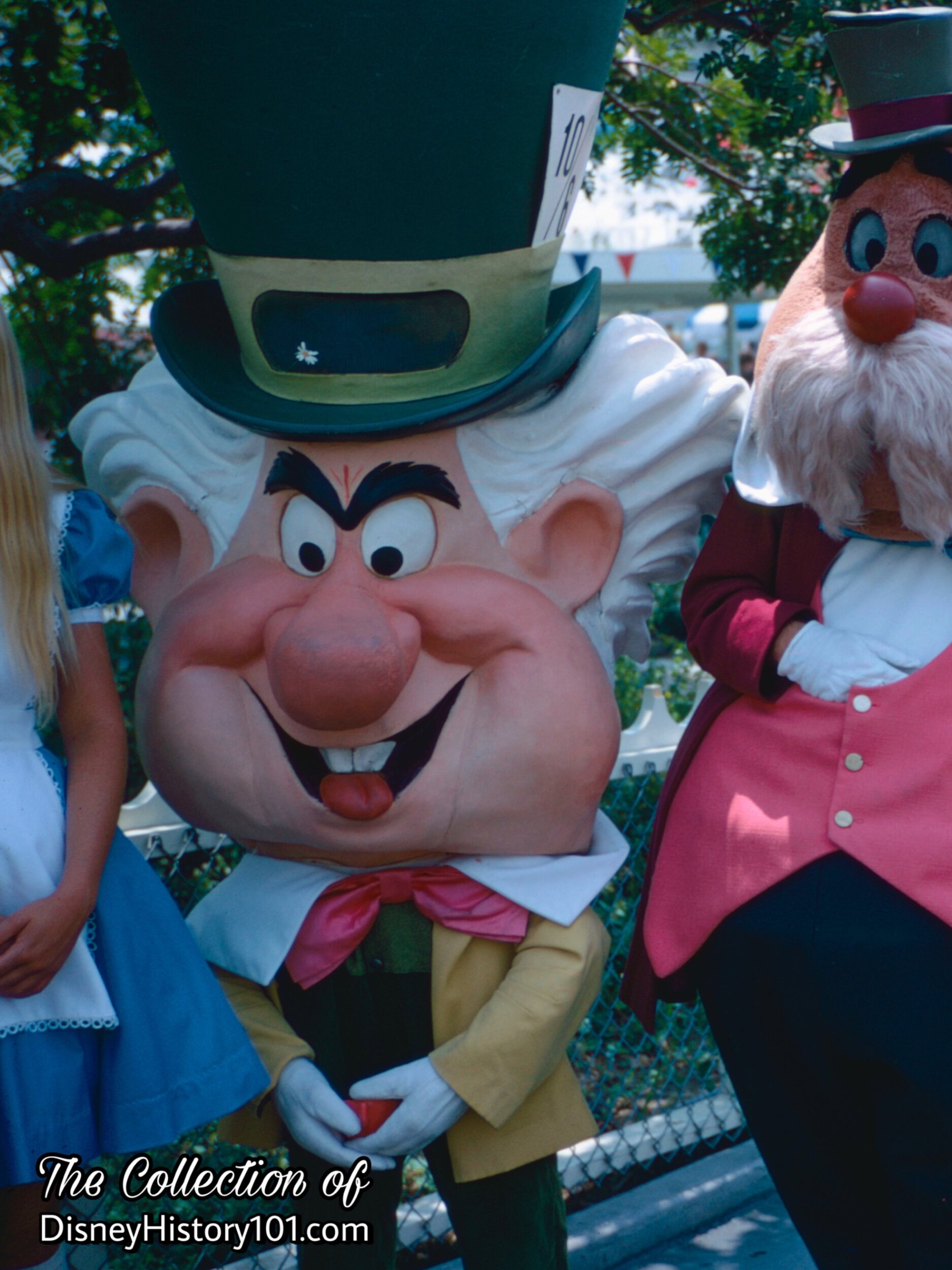
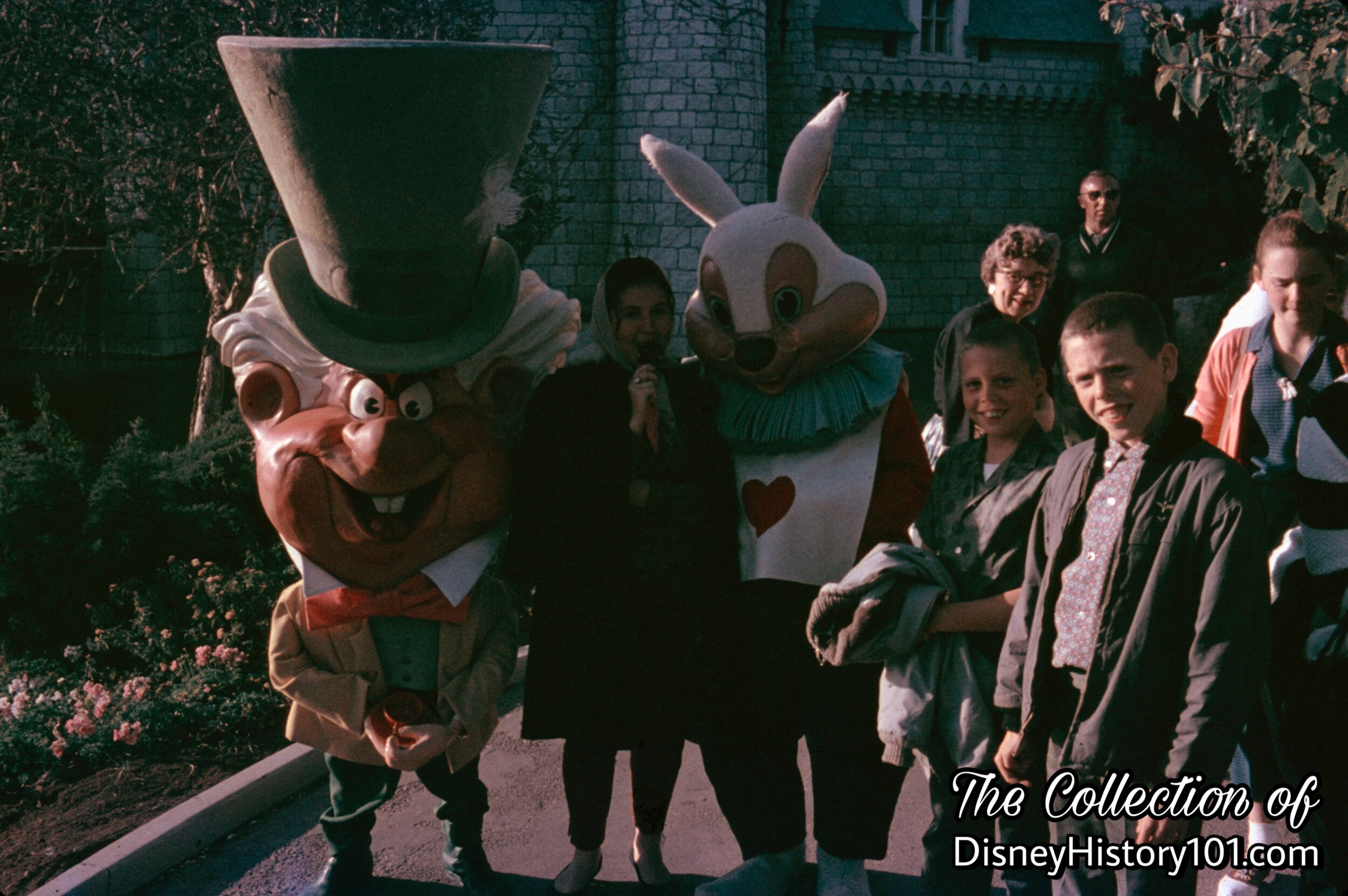
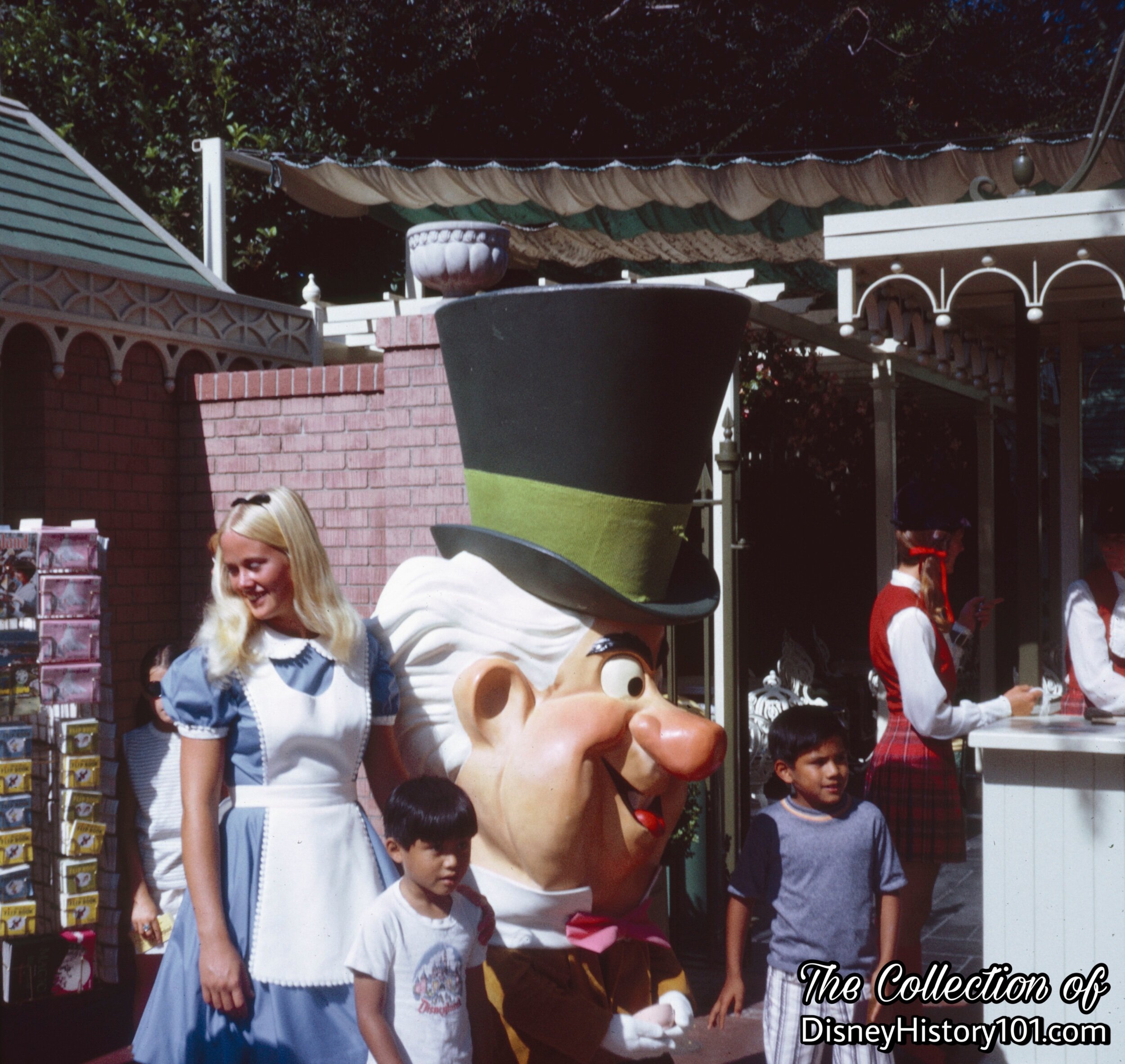
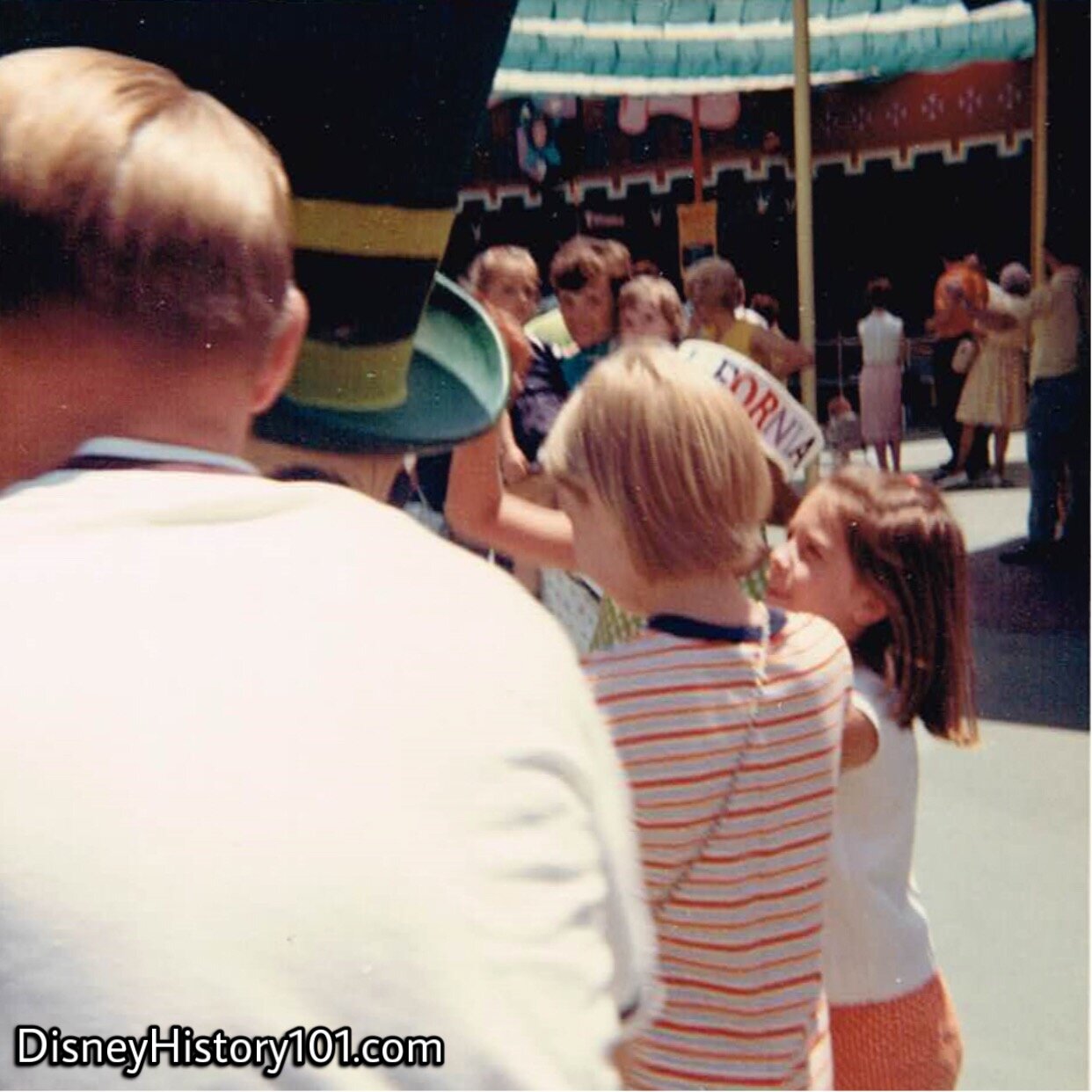
“How d’ye do and shake hands?” Children often rather had a habit of “tweaking” the Mad Hatter’s nose.
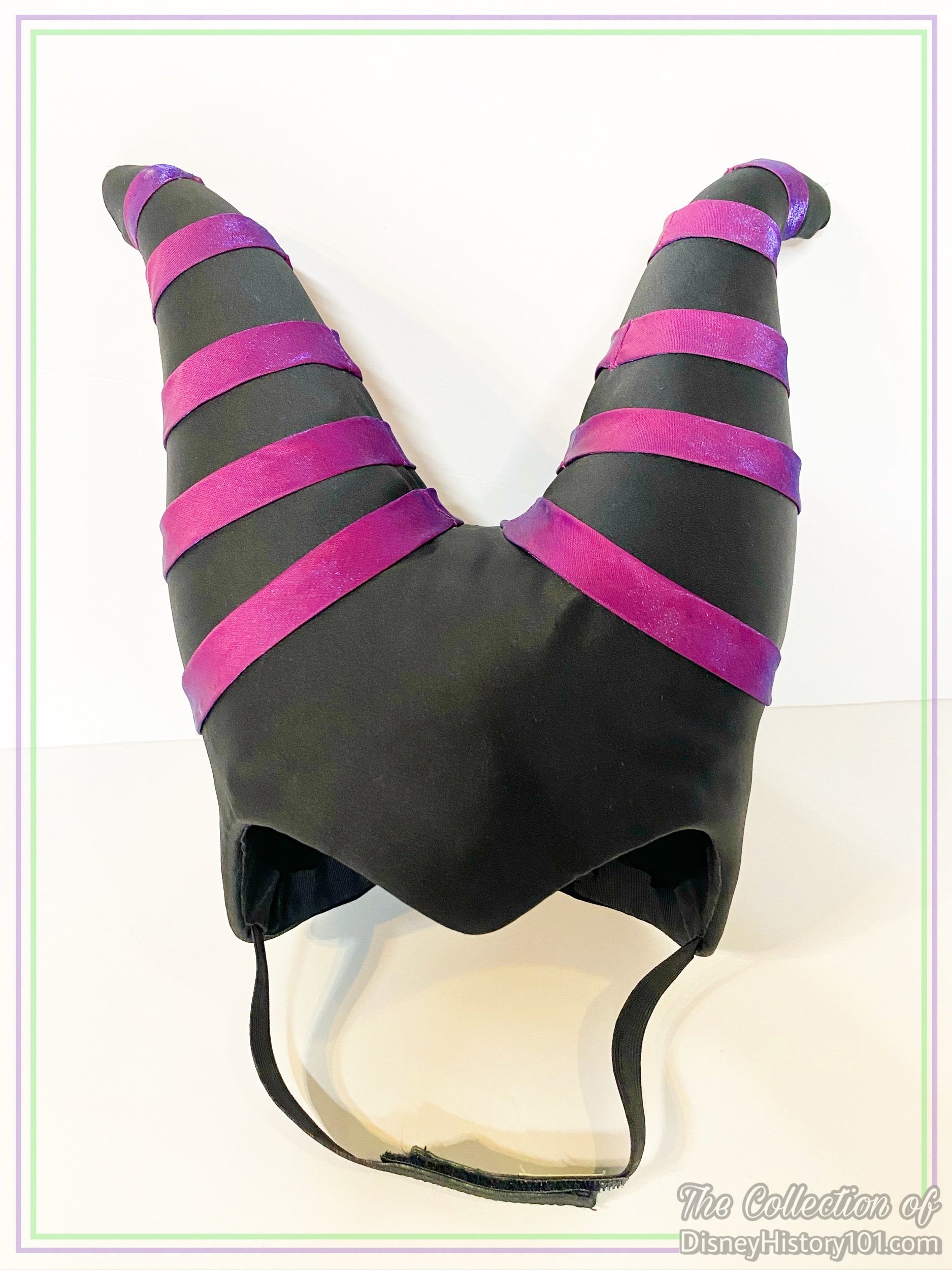
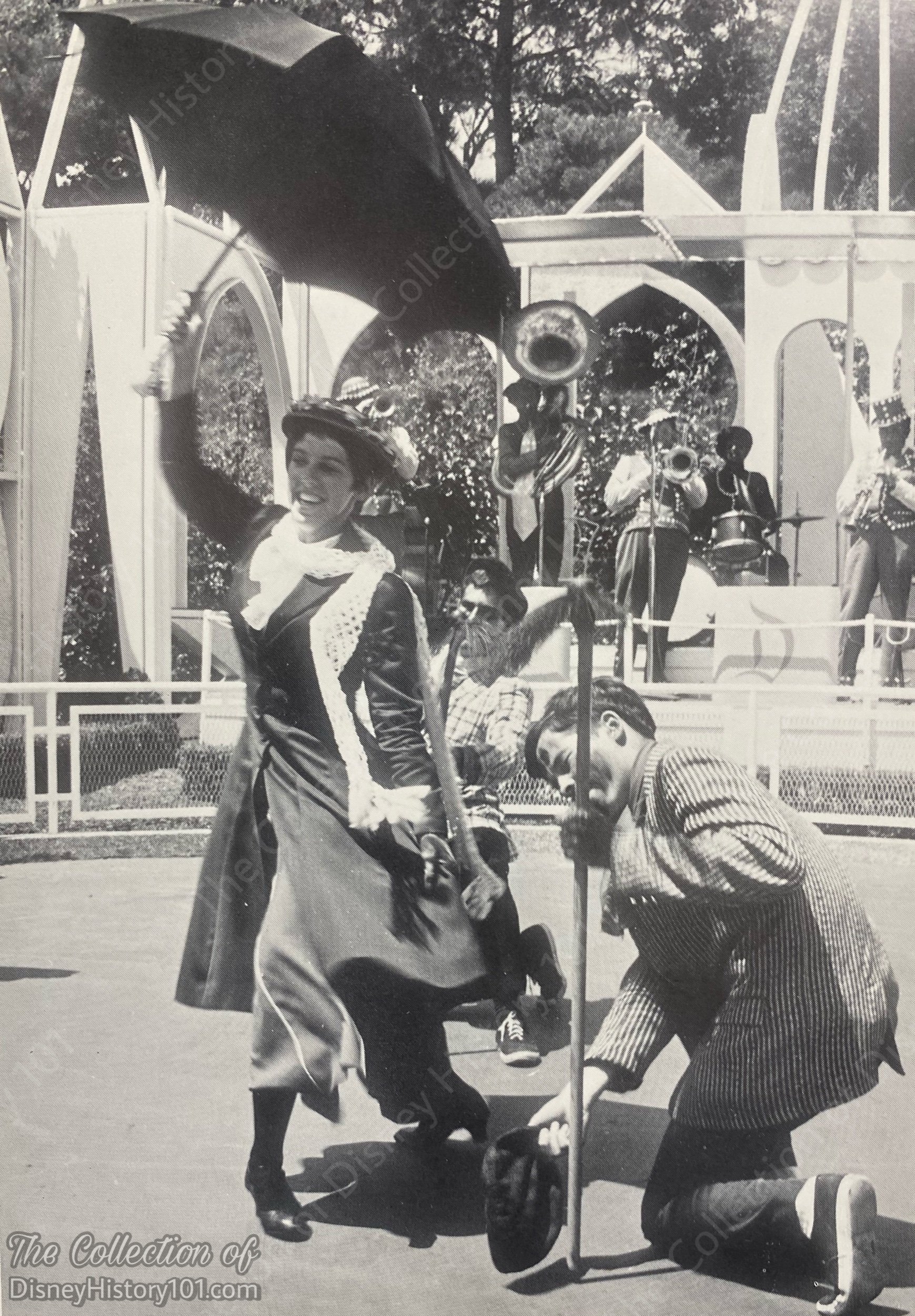
Don Bobbs (right).
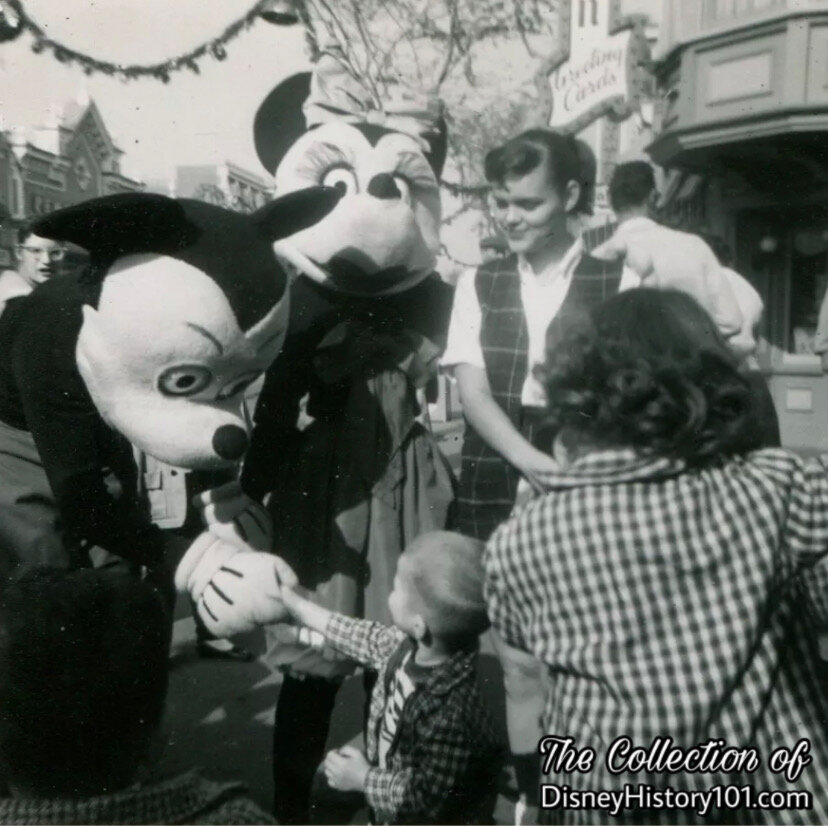
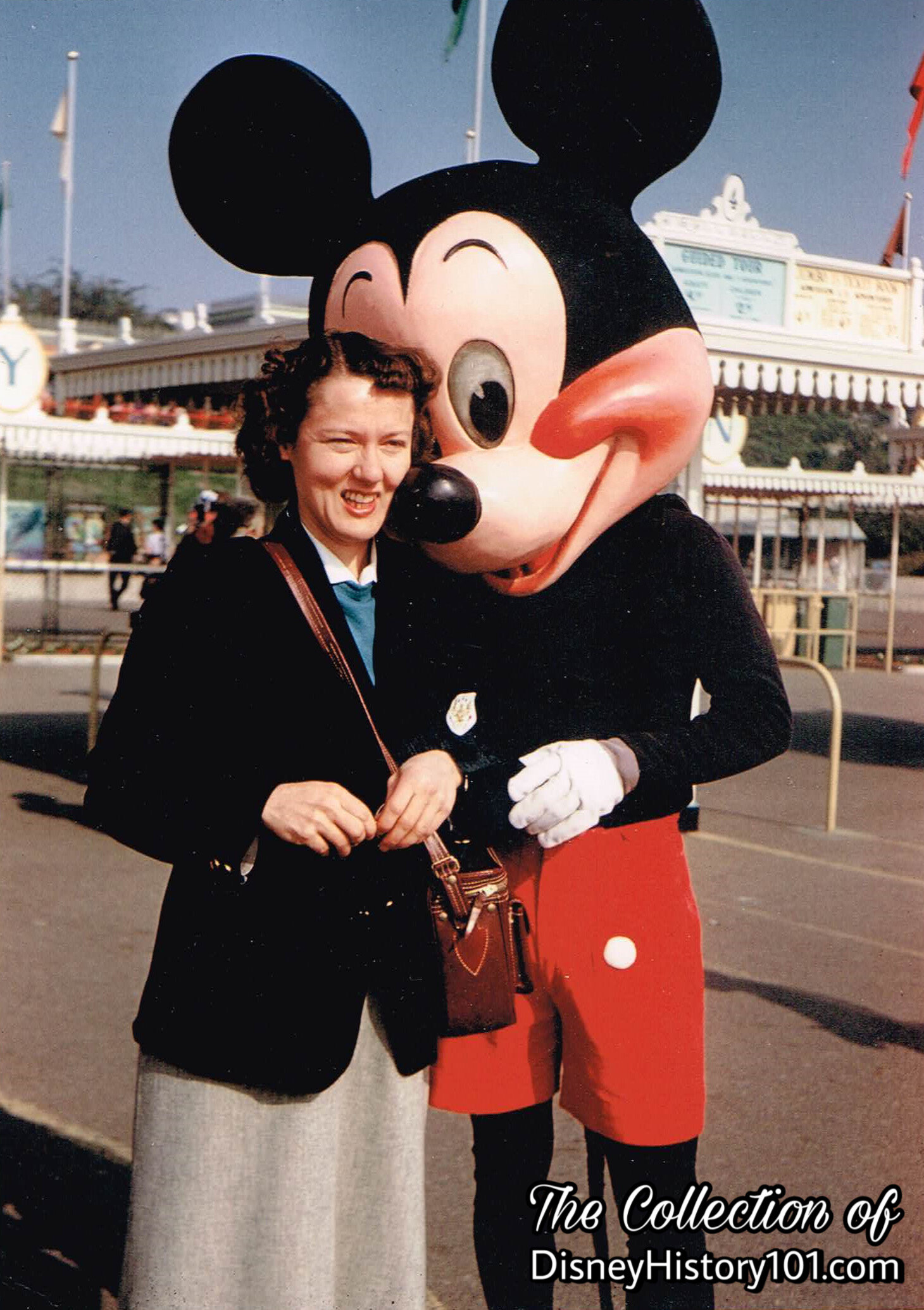
Very few Guests arrive at DISNEYLAND in a bad mood or with a negative attitude. They normally reach that state by encountering negative experiences during their visit. Here, Mickey Mouse ensures that he is not the negative experience that Guest Betty B. encounters.
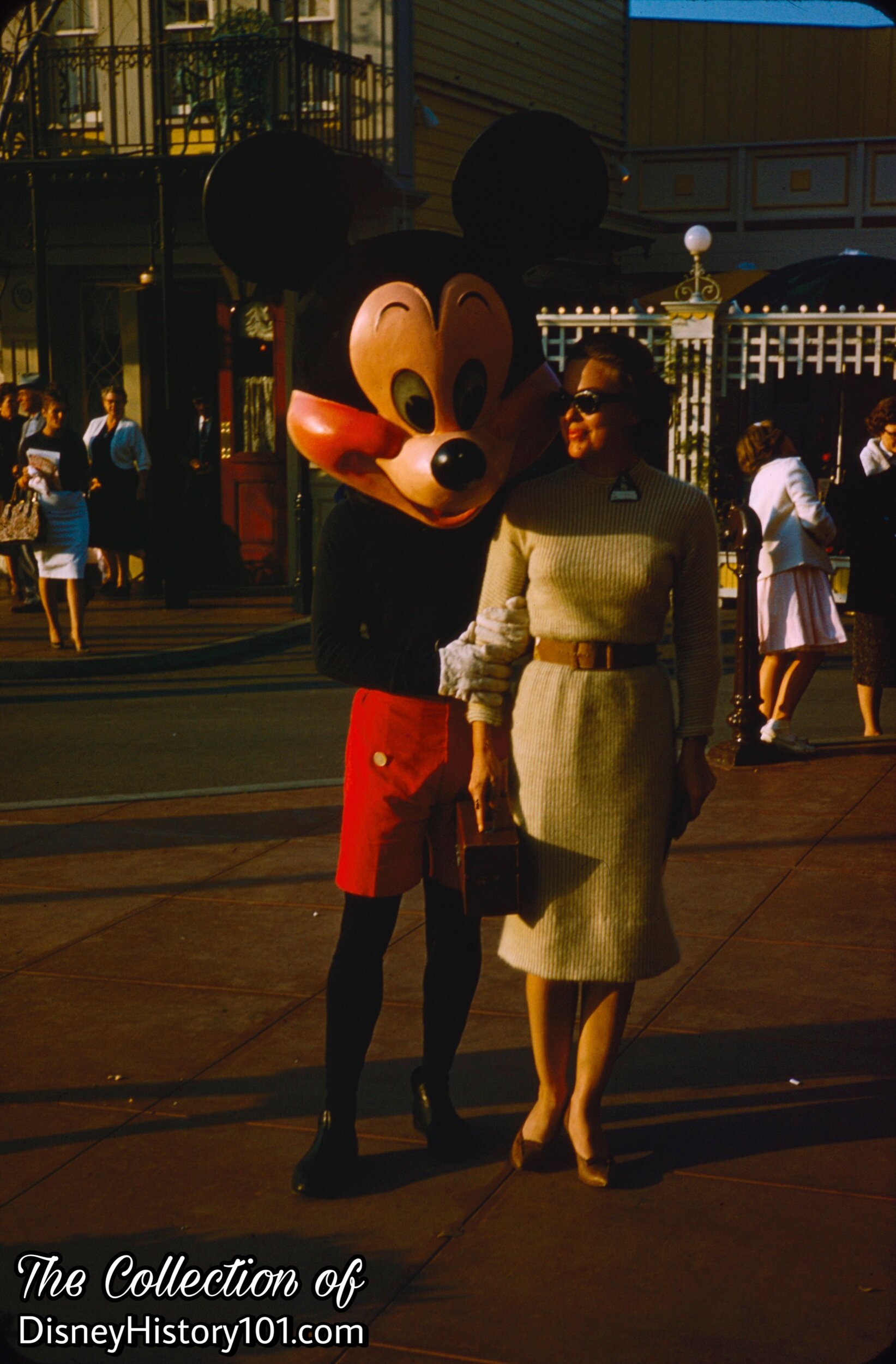
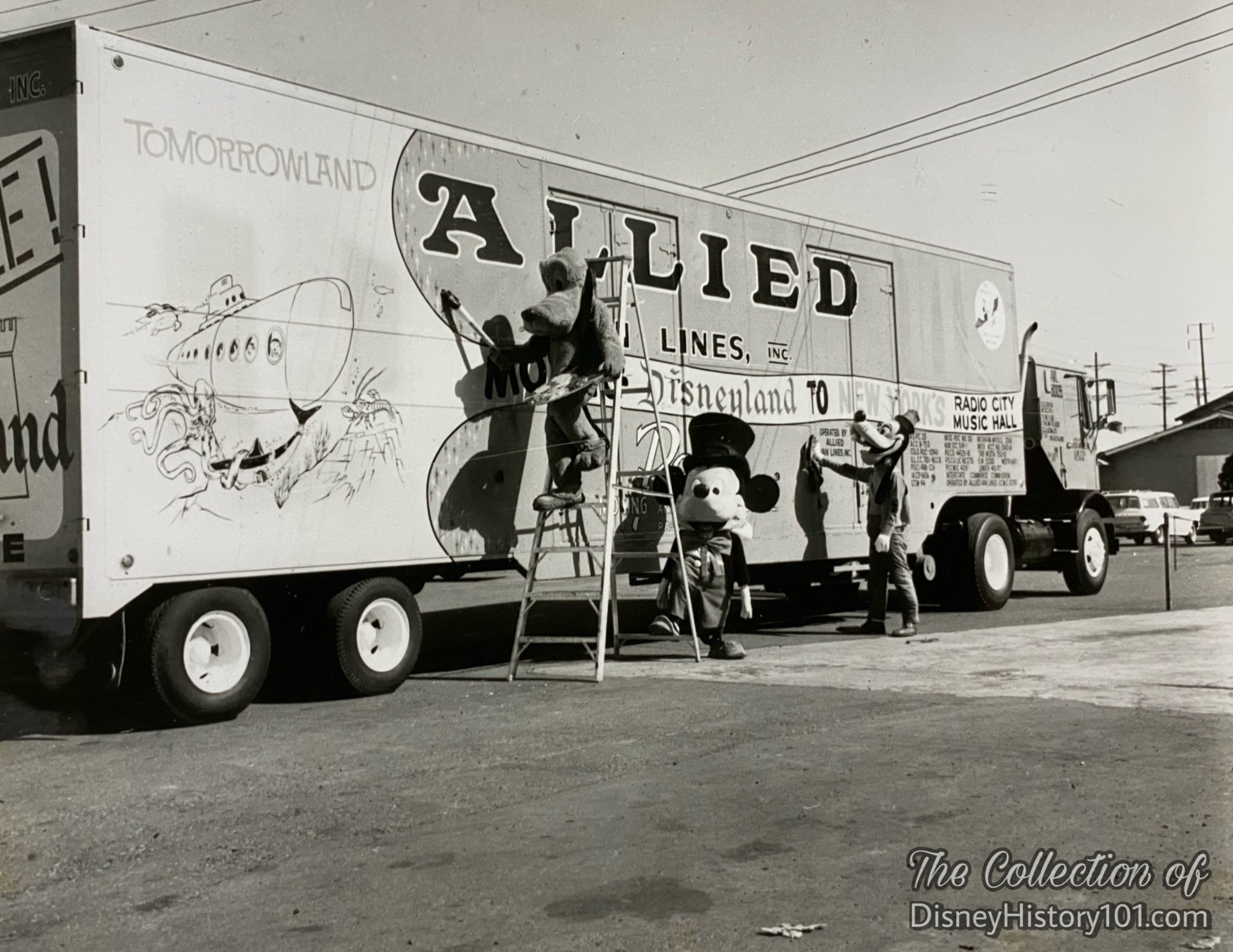
In the Disneyland Christmas Parade of 1961, there appeared for the first time a bass drum measuring 10 - 7" in diameter, and perched on top was Paul Castle in the character of Mickey Mouse. One of Paul's most memorable experiences was his role as a sort of Grand Marshal for the “Disneyland U.S.A. Goes To Radio City” journey, which must have been the world's longest and only coast-to-coast parade. The show itself, which played for six weeks during Easter Vacation in 1962, broke all previous records for attendance at the Radio City Theatre.

This “Vintage View” gives us an early look at the third incarnation of Mickey Mouse, who first greeted guests at Disneyland (during the summer of 1963)! Here, Mickey Mouse demonstrates the importance of catching each person’s eye in a group.
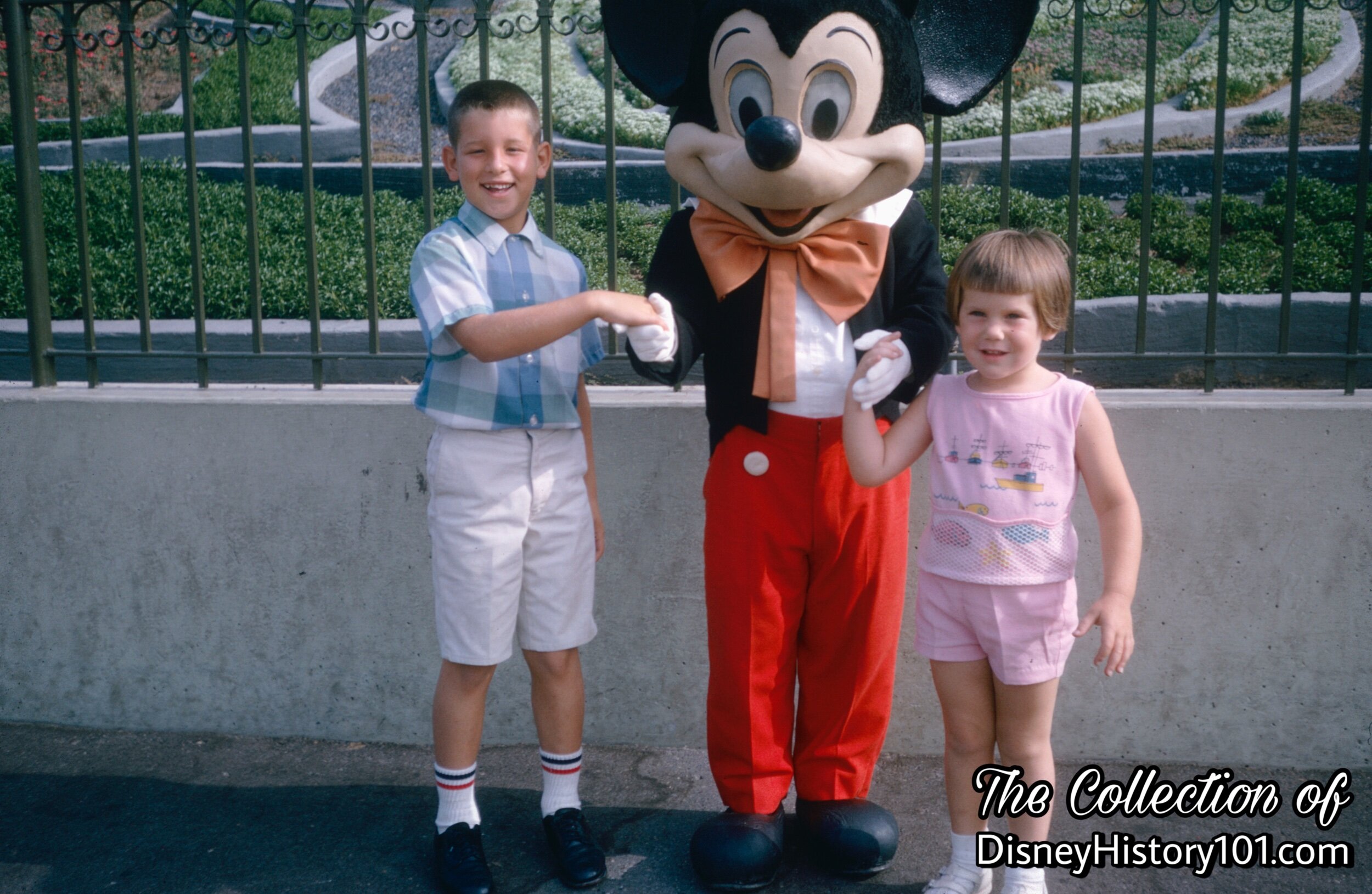
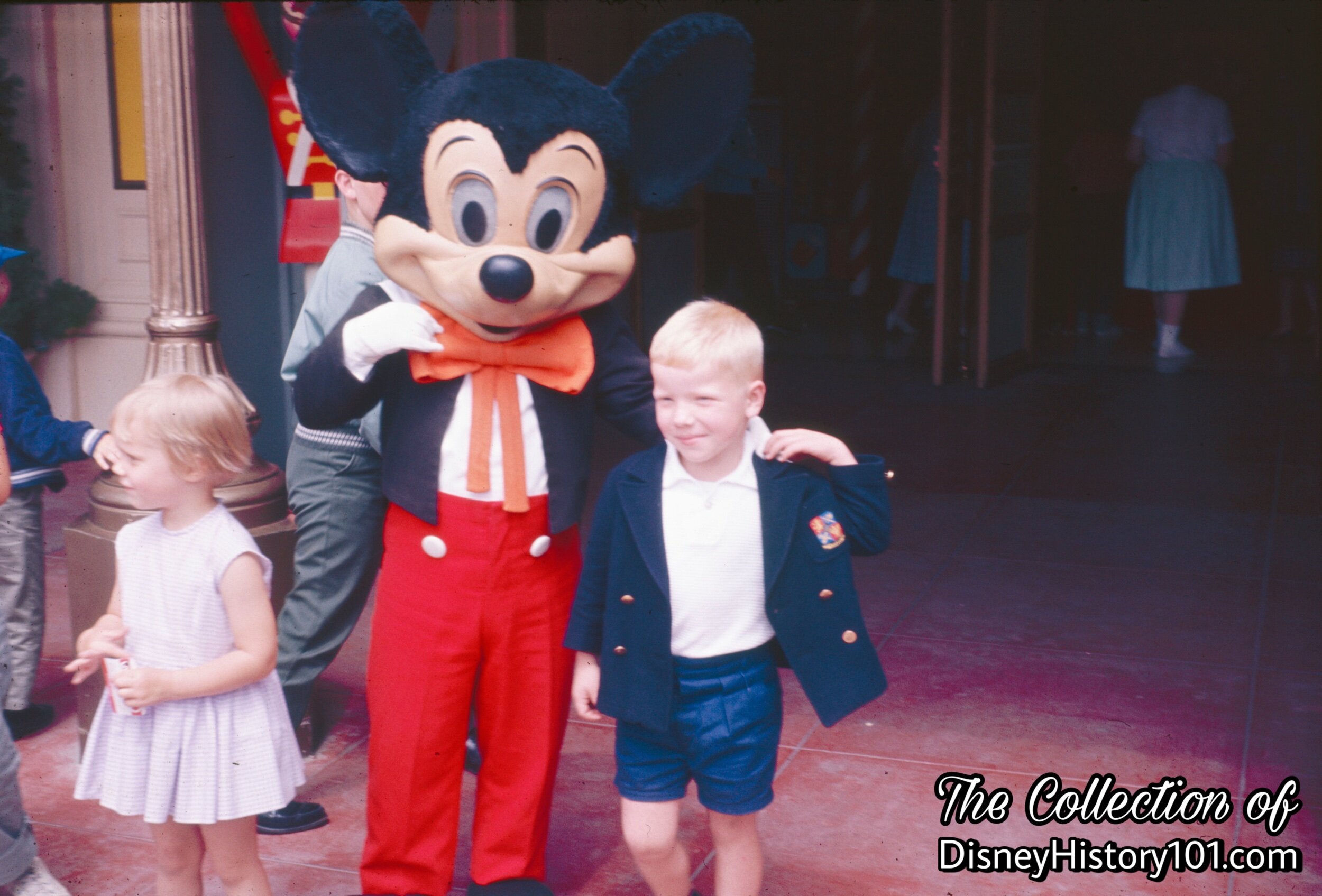
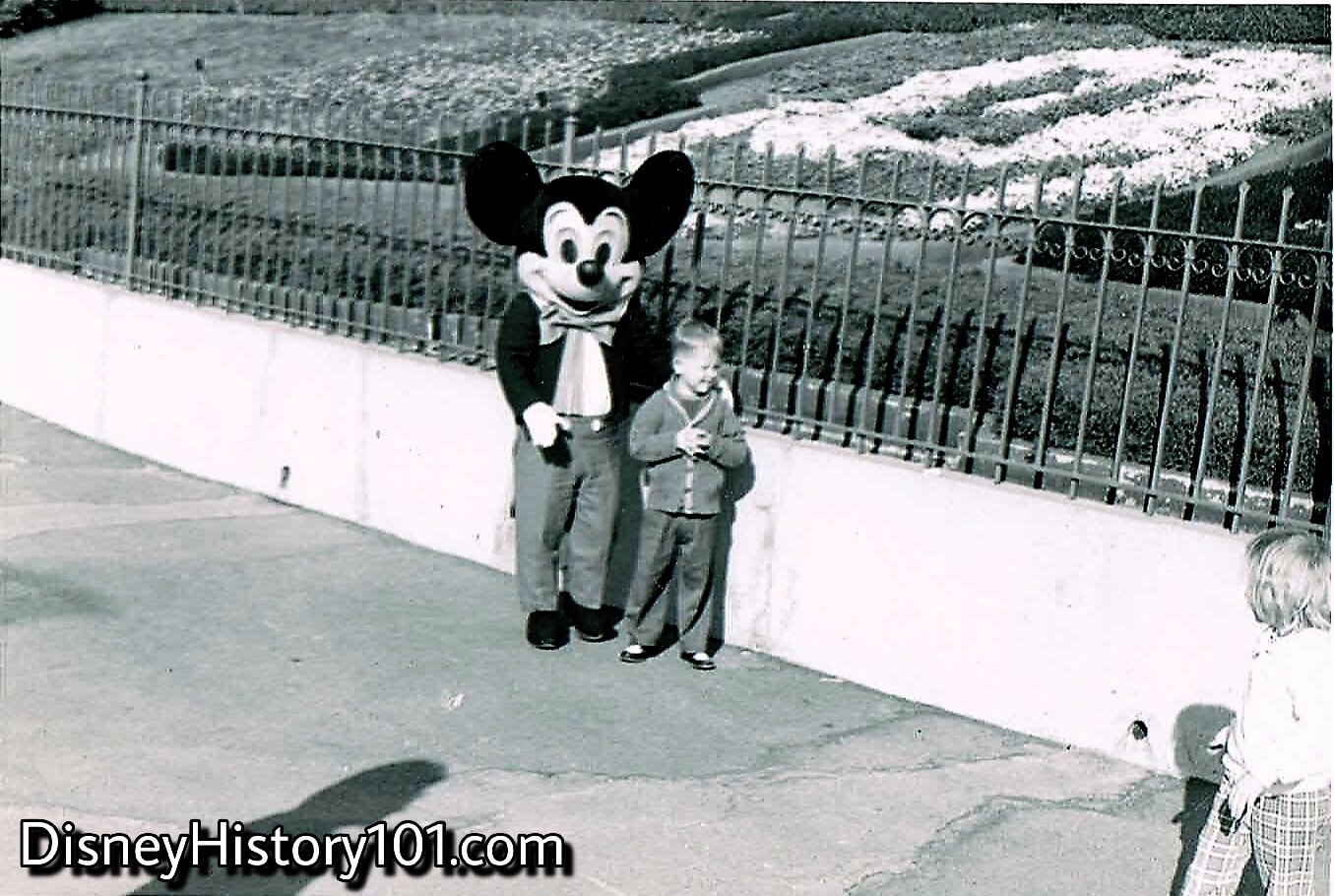
Sometimes guests were a little shy or “star struck”.
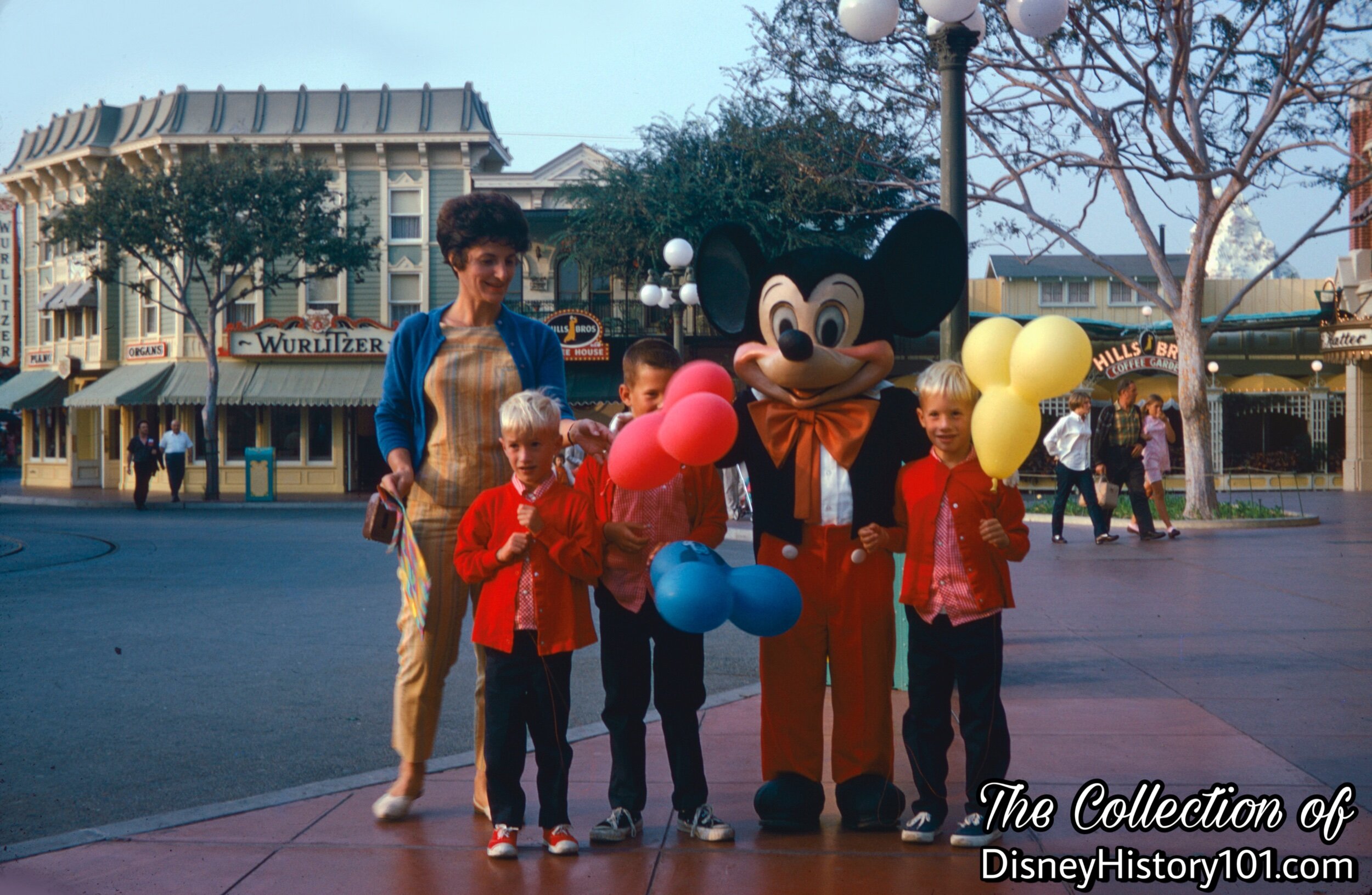
The “Ambassador of Fun” greets a family in Town Square!
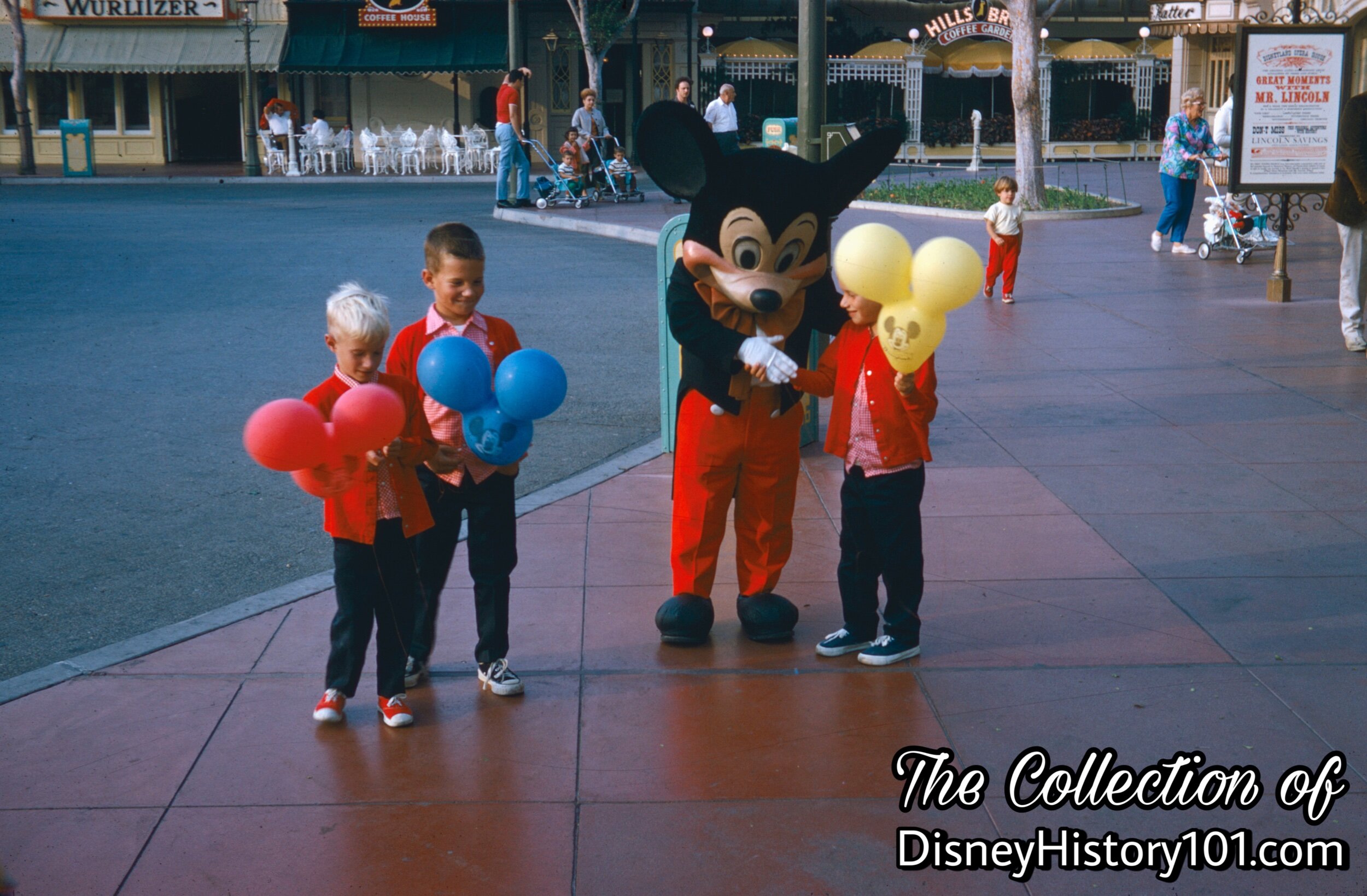
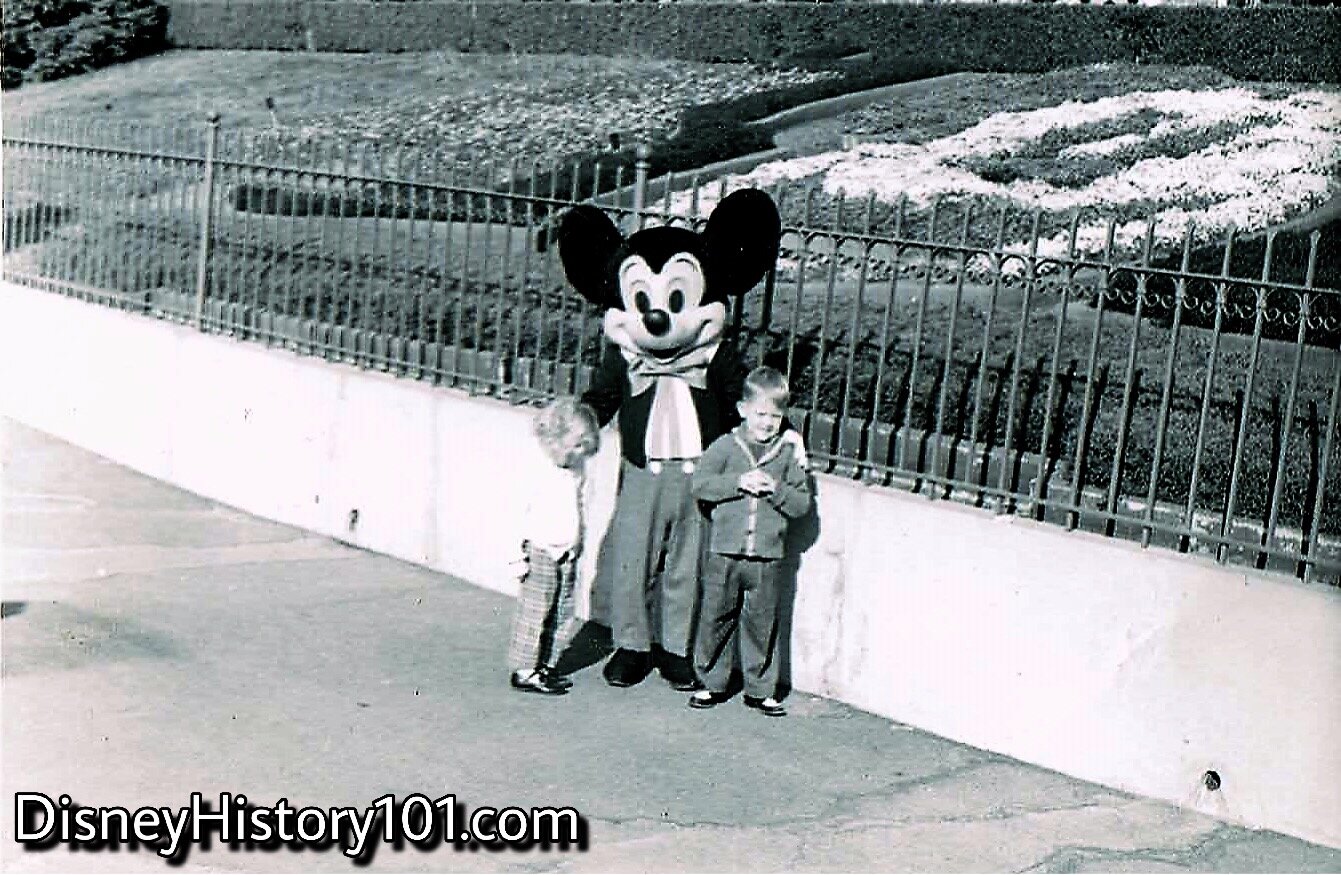
Most of know that a giant floral Mickey greets Disneyland guests on their way through the tunnels. But if you’re really lucky, you’ll be greeted by the Big Cheese himself - Mickey Mouse.
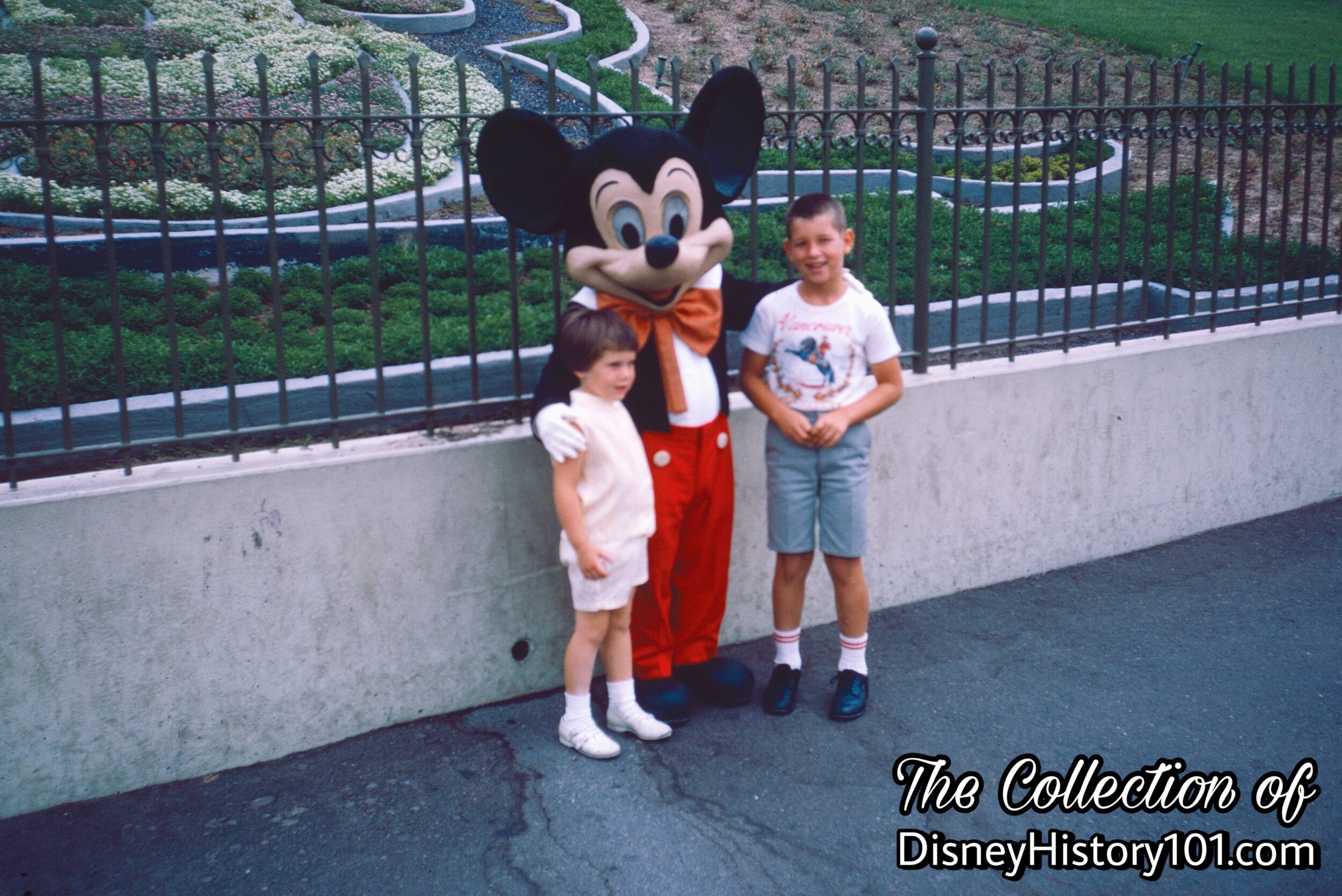
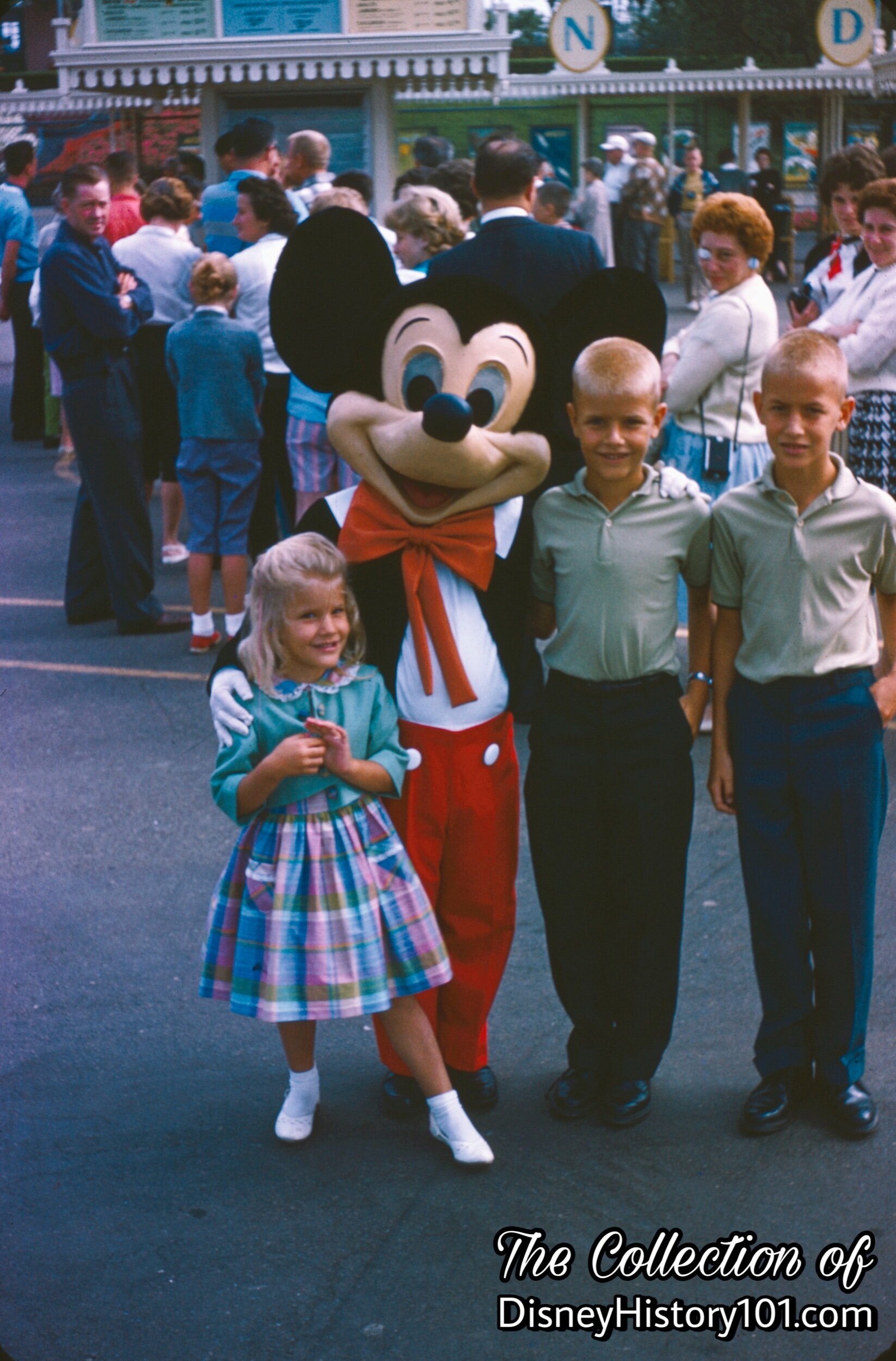
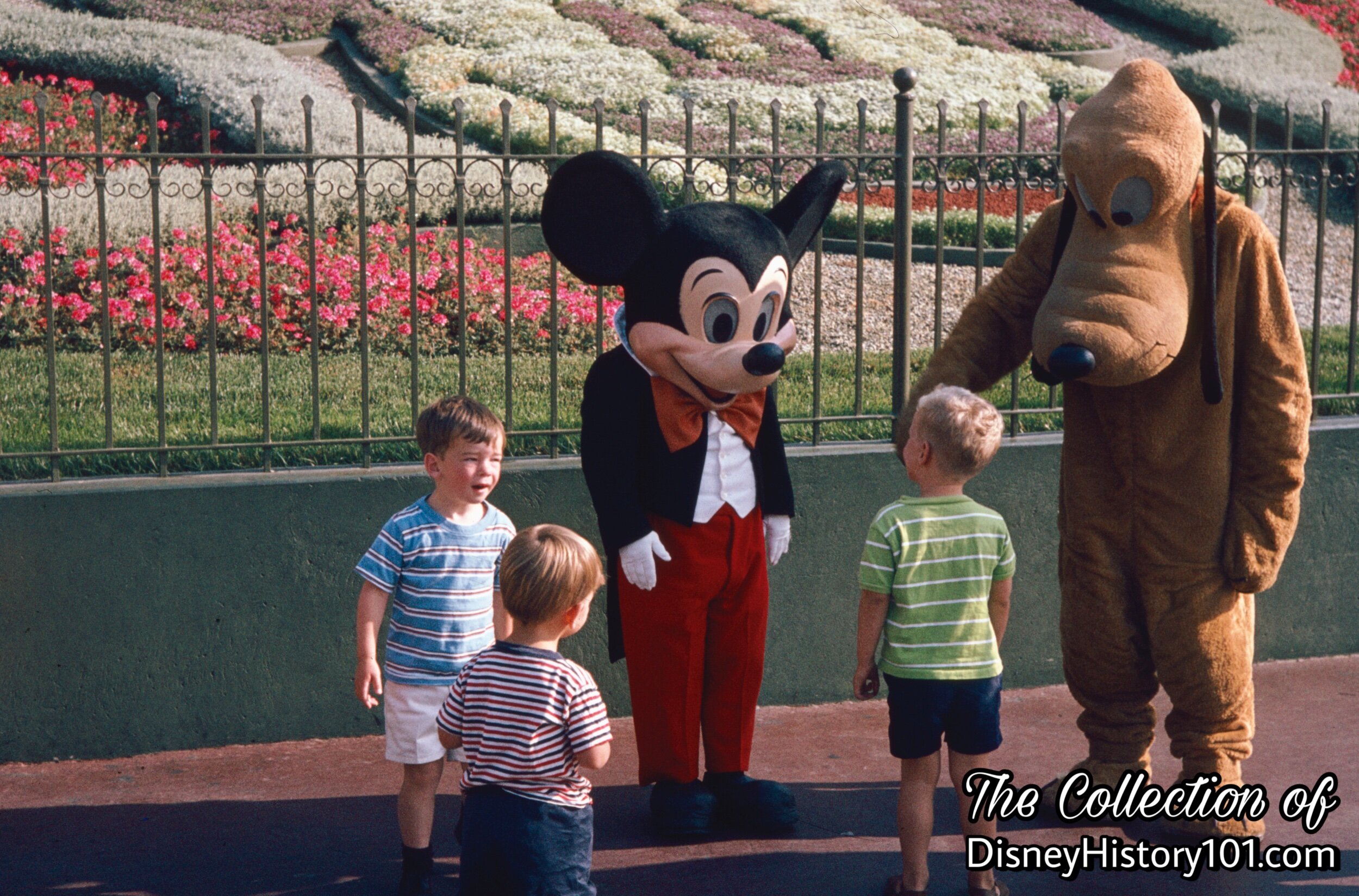
Sometimes Mickey Mouse was joined at the entrance, by his loyal pup, Pluto!
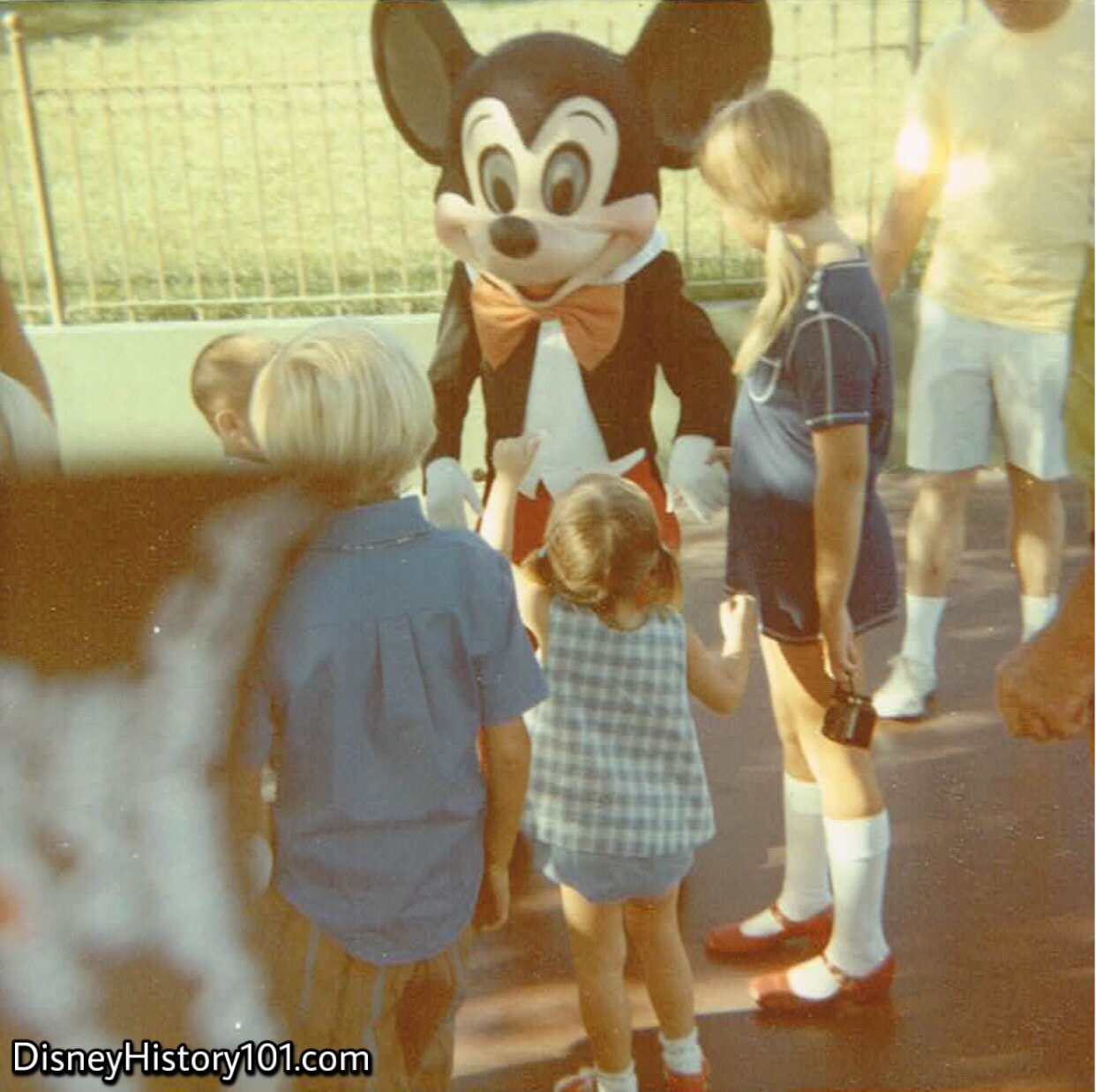
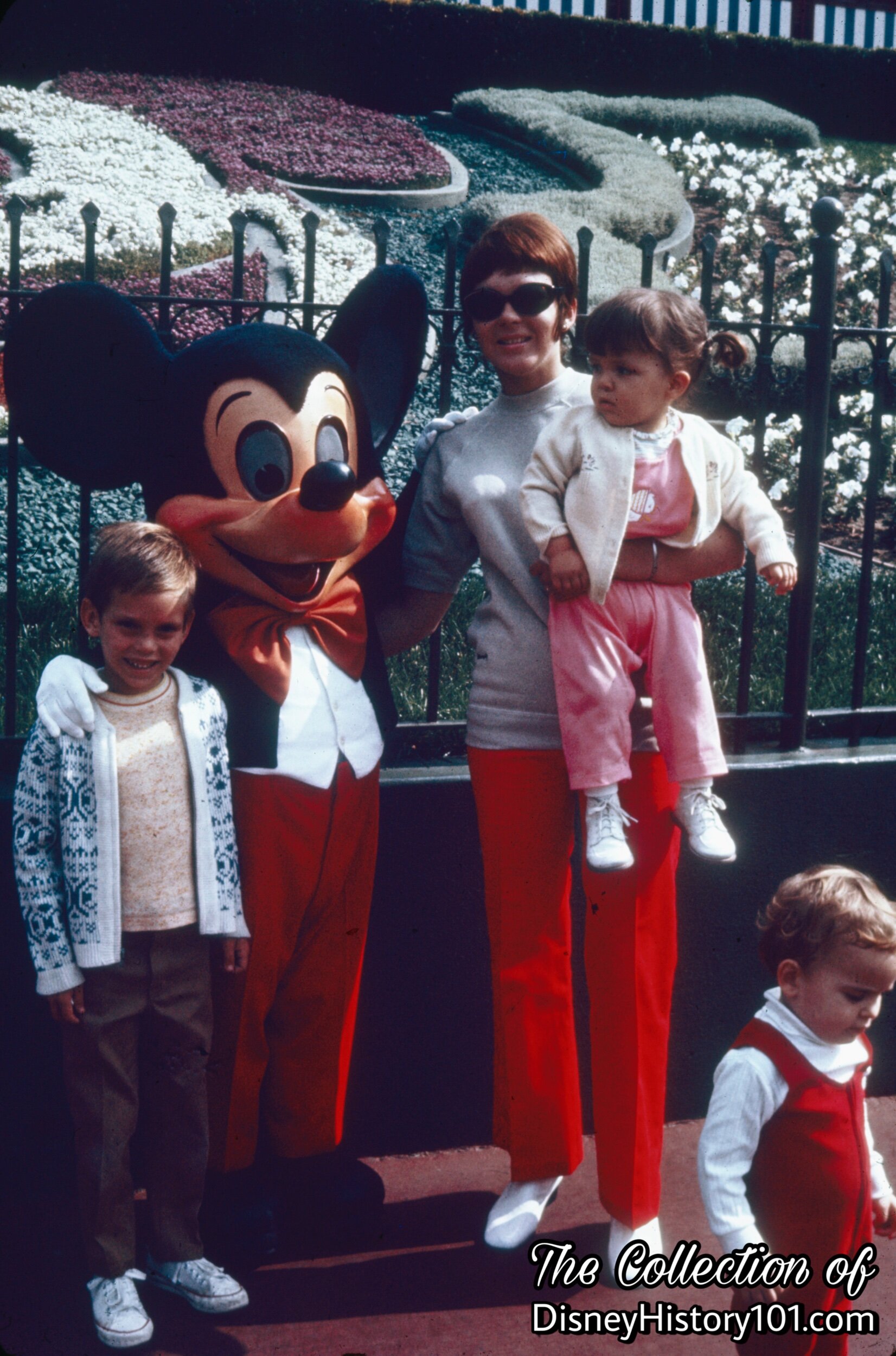



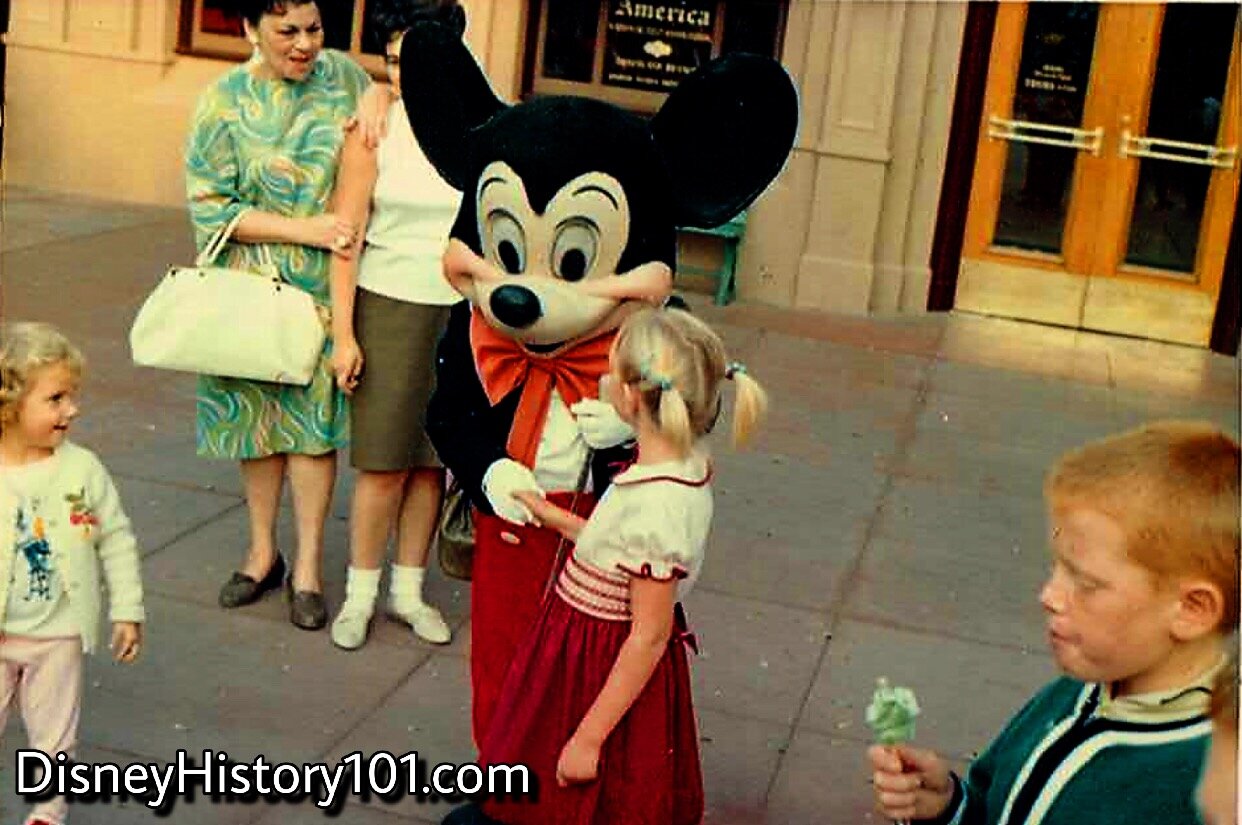
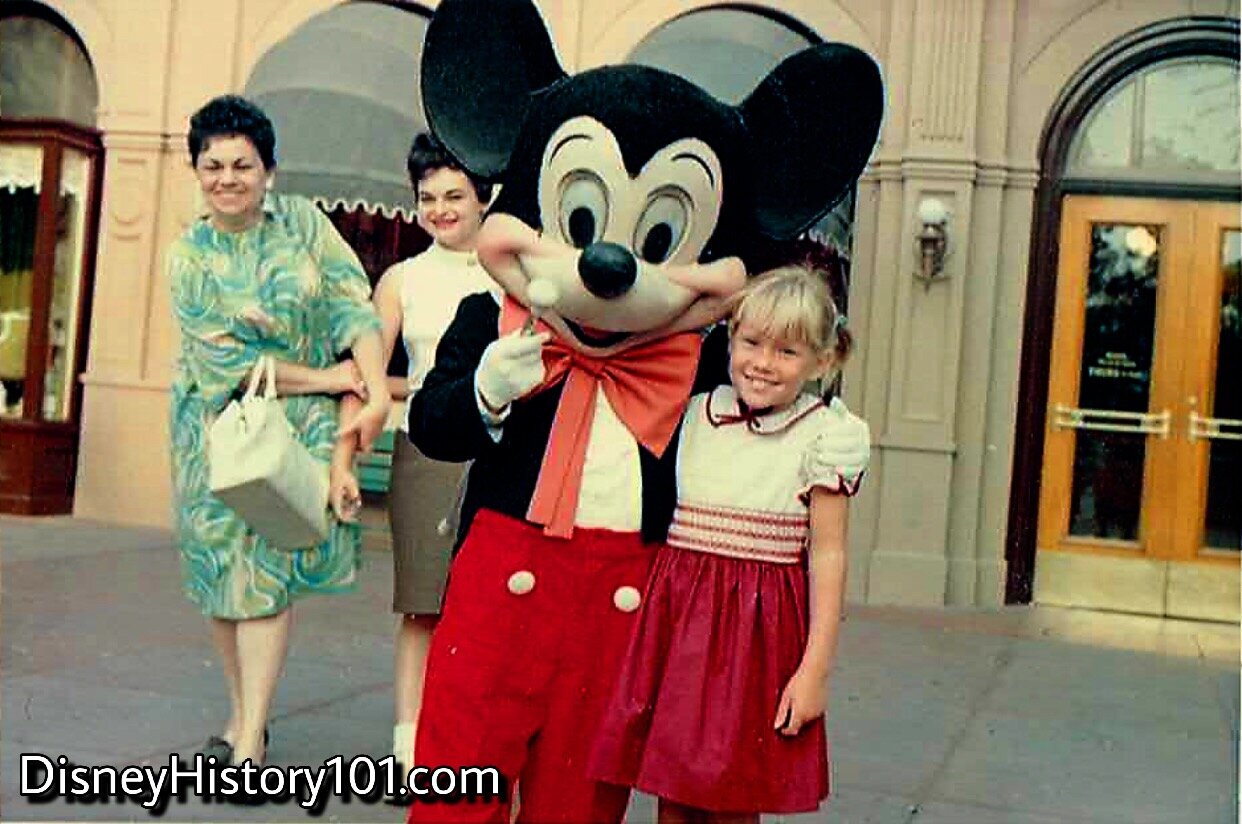
After leading Disneyland’s marching band down Main Street USA, Mickey Mouse takes time for some of his friends that come to visit him.
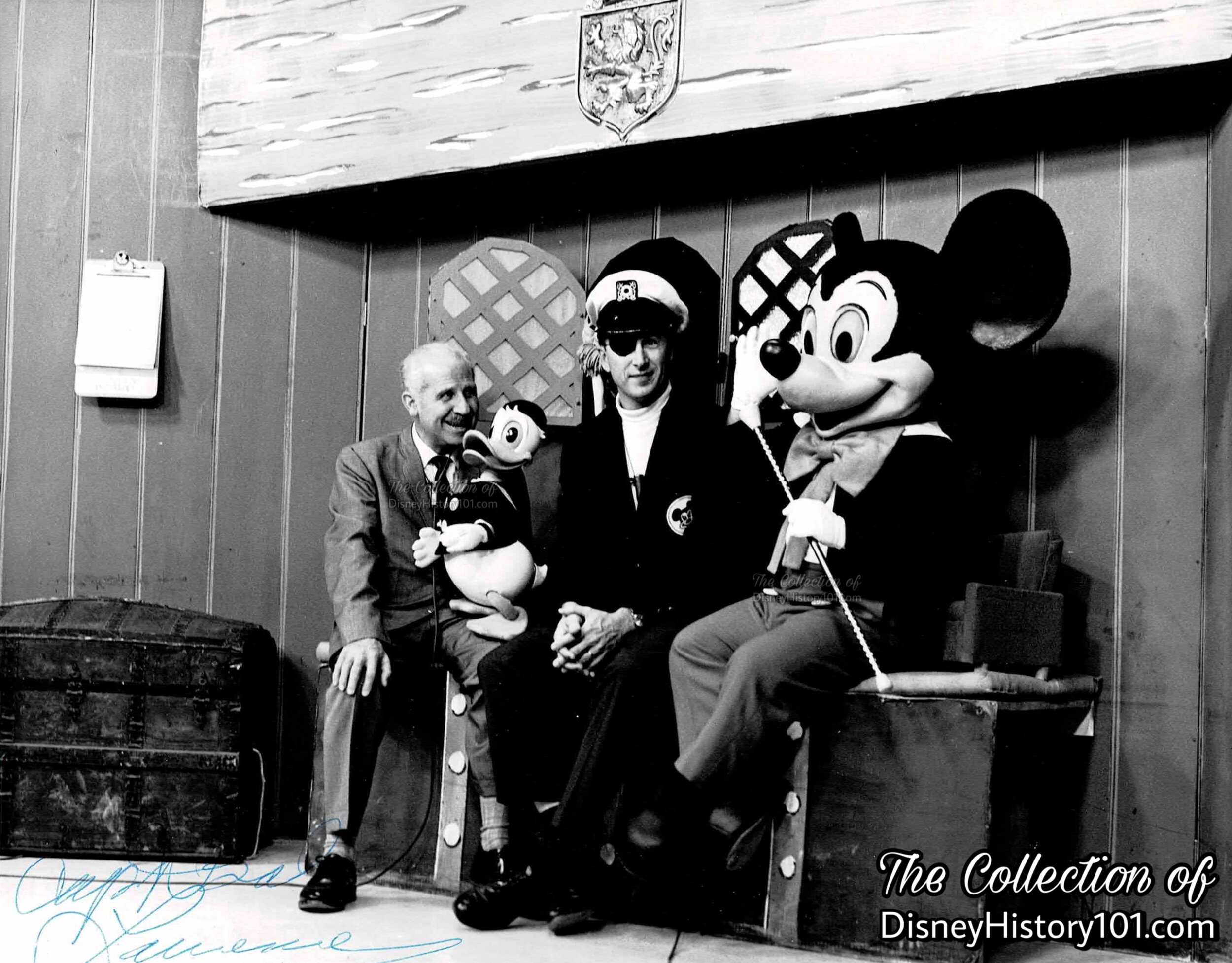
In a synergistic cross-pollination, Mickey Mouse, Donald Duck (and close friend, Clarence “Ducky” Nash) make an appearance on Captain Bob Lawrence’s WGR-TV television program out of Buffalo, New York, during 1964. This is (of course) in order to familiarize East Coast audiences with the recently syndicated Mickey Mouse Club television series (which is soon to air with newly recorded footage). In addition, this familiarized audiences with Walt Disney Productions, as they were involved with several exhibits at the upcoming 1964 New York World’s Fair.
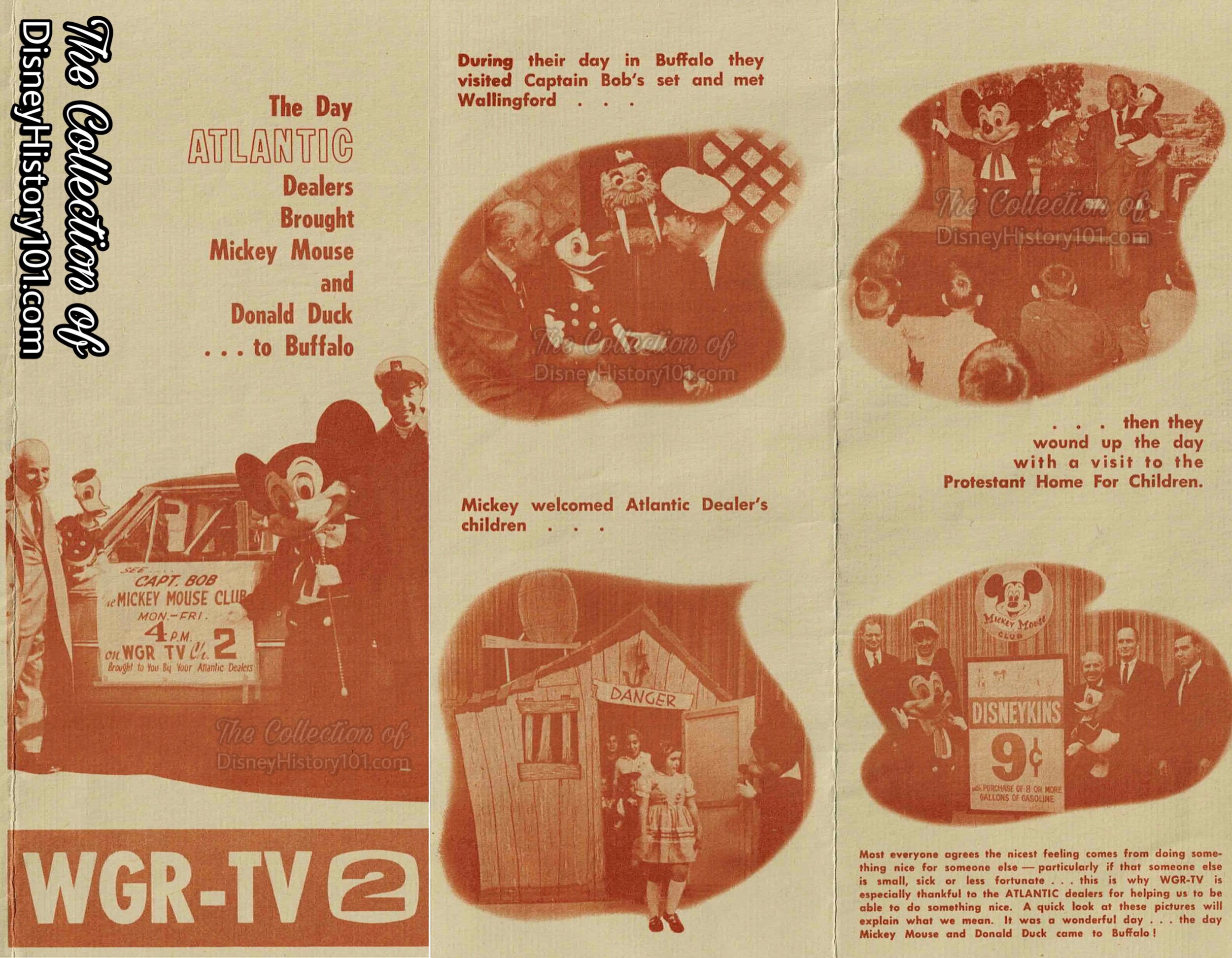
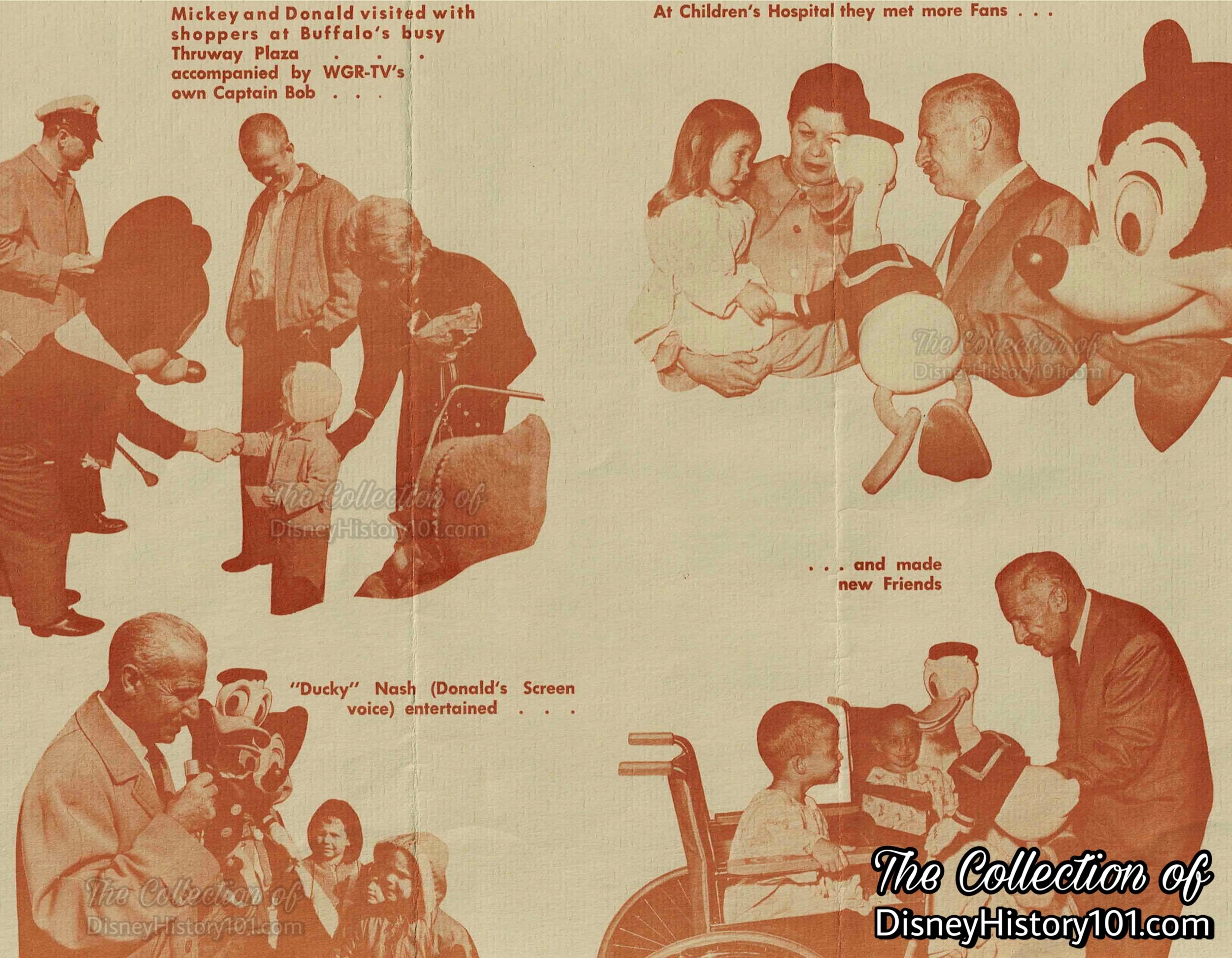
As a sidelight, Clarence Nash and Donald Duck continued to visit children’s hospitals until (a year after Donald Duck’s fiftieth birthday, and) Clarence passed in 1985.
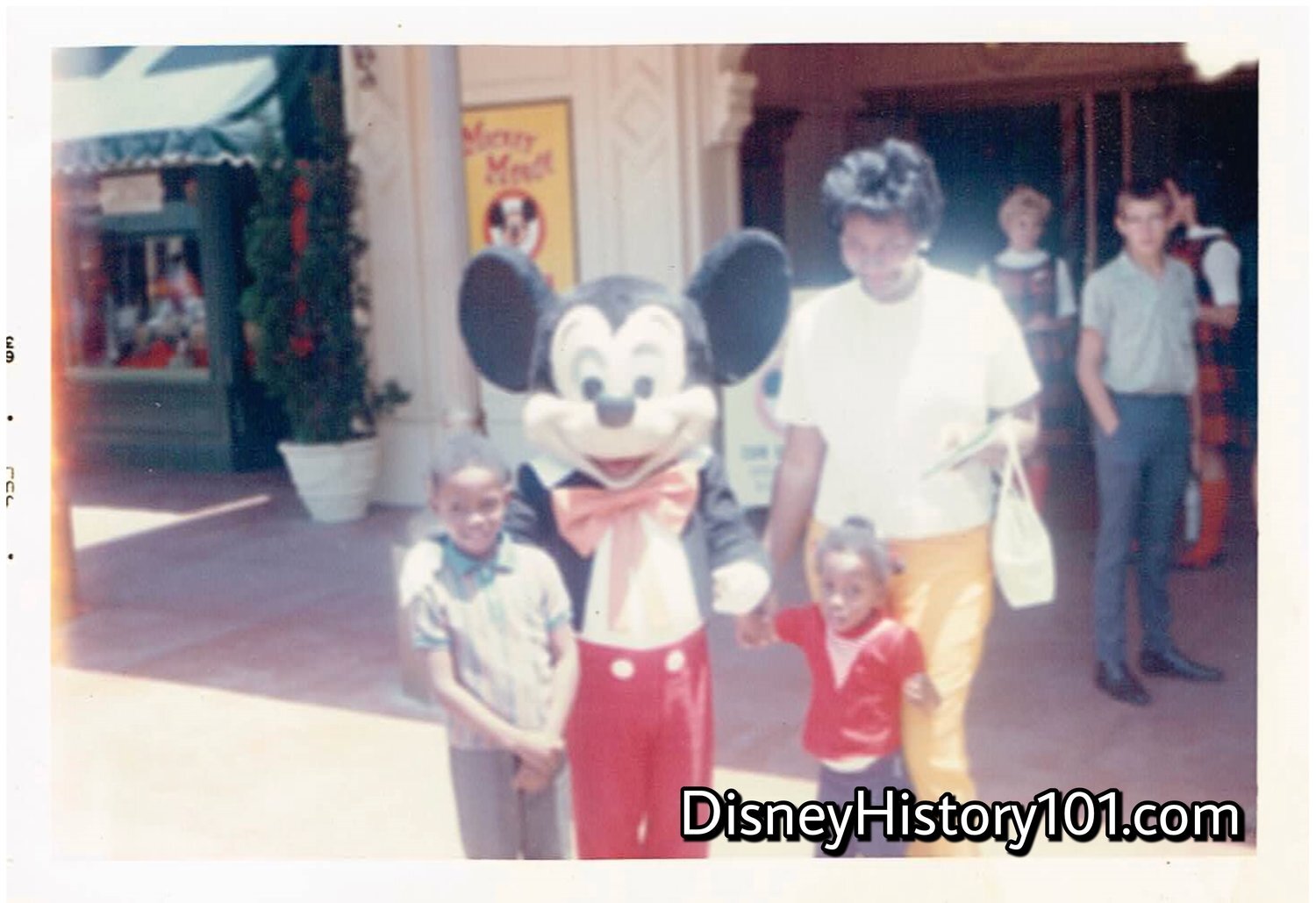
During 1964, Mickey Mouse often welcomed new Mouseketeers (while in between performances) in front of the Mickey Mouse Club Headquarters (a temporary attraction housed in the Main Street Opera House during 1964).
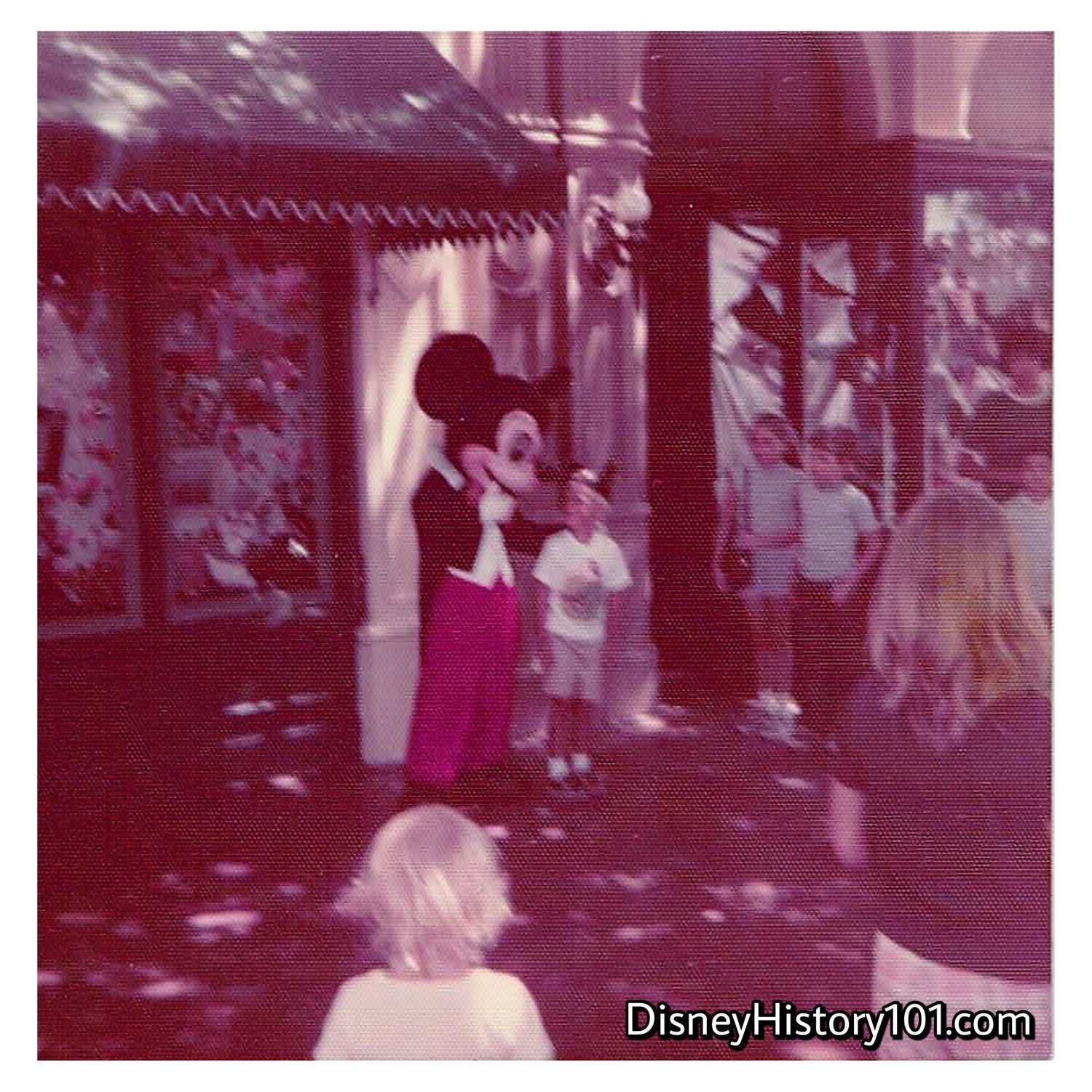
During the 60s, Mickey Mouse could be found just about everywhere in Disneyland. Here’s Mickey Mouse on Main Street near Bank of America.

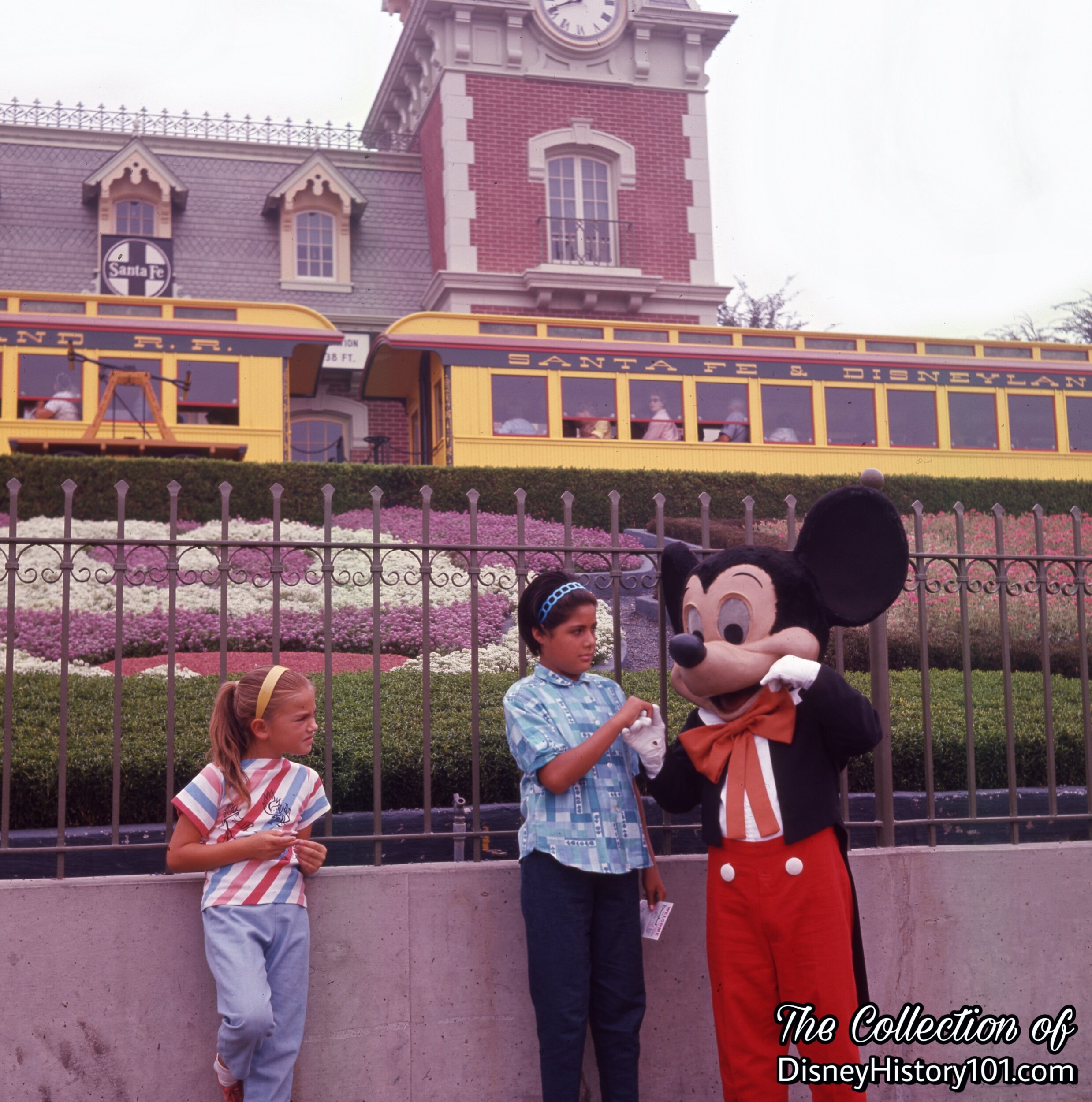
Occasionally guests seem uninterested, so Mickey Mouse and his pals must change what they are doing in order to gain back the guest’s attention. Here, Mickey Mouse attempts to initiate participation with a gesture.
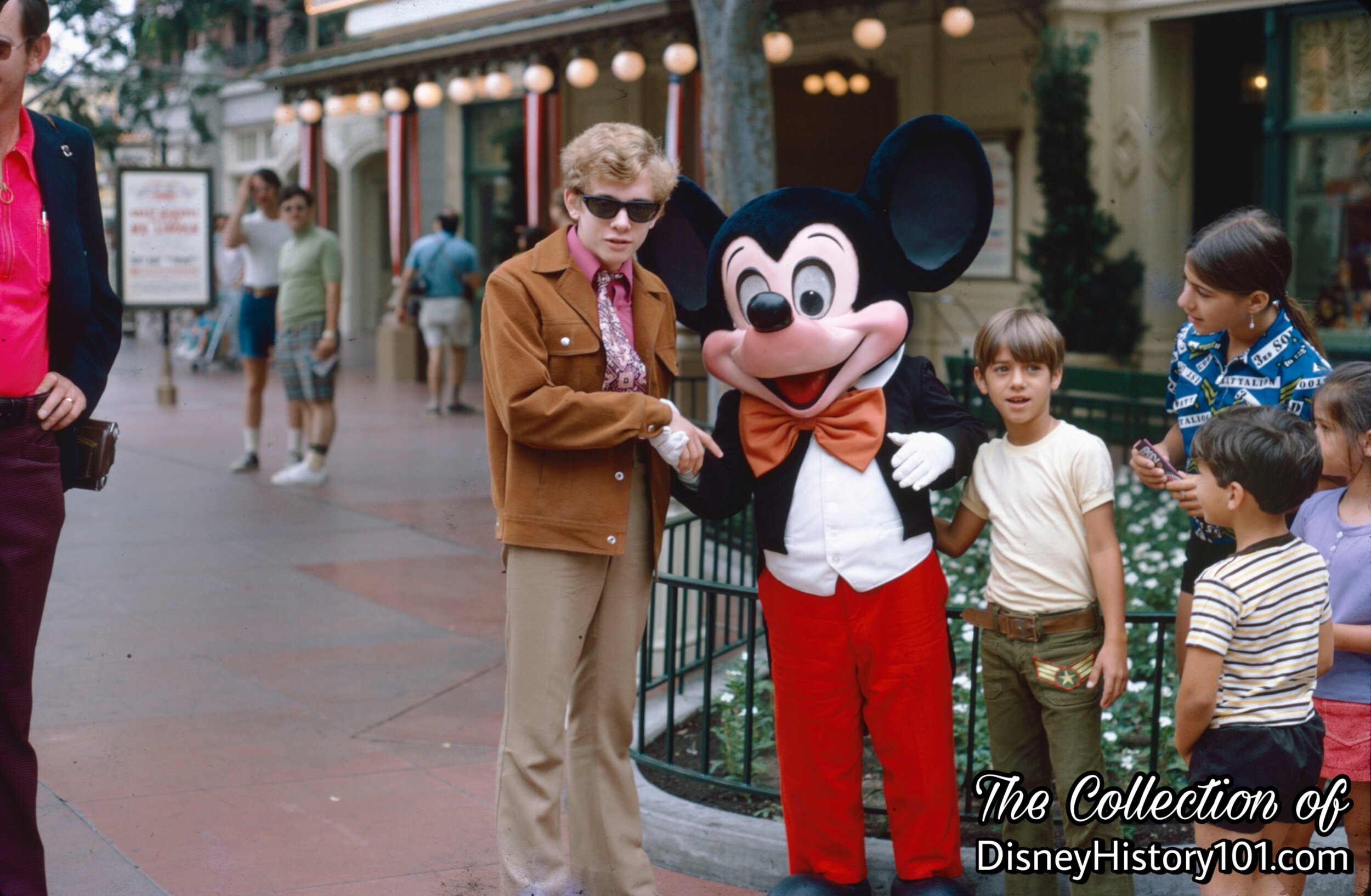

Mickey Mouse has always been a model of Disney Courtesy Policies, maintaining a pleasant facial expression and good eye contact while interacting with guests. Maintaining such expressions throughout communication “establishes an immediate rapport by indicating a receptiveness to listen and understand,” which even children can grasp.
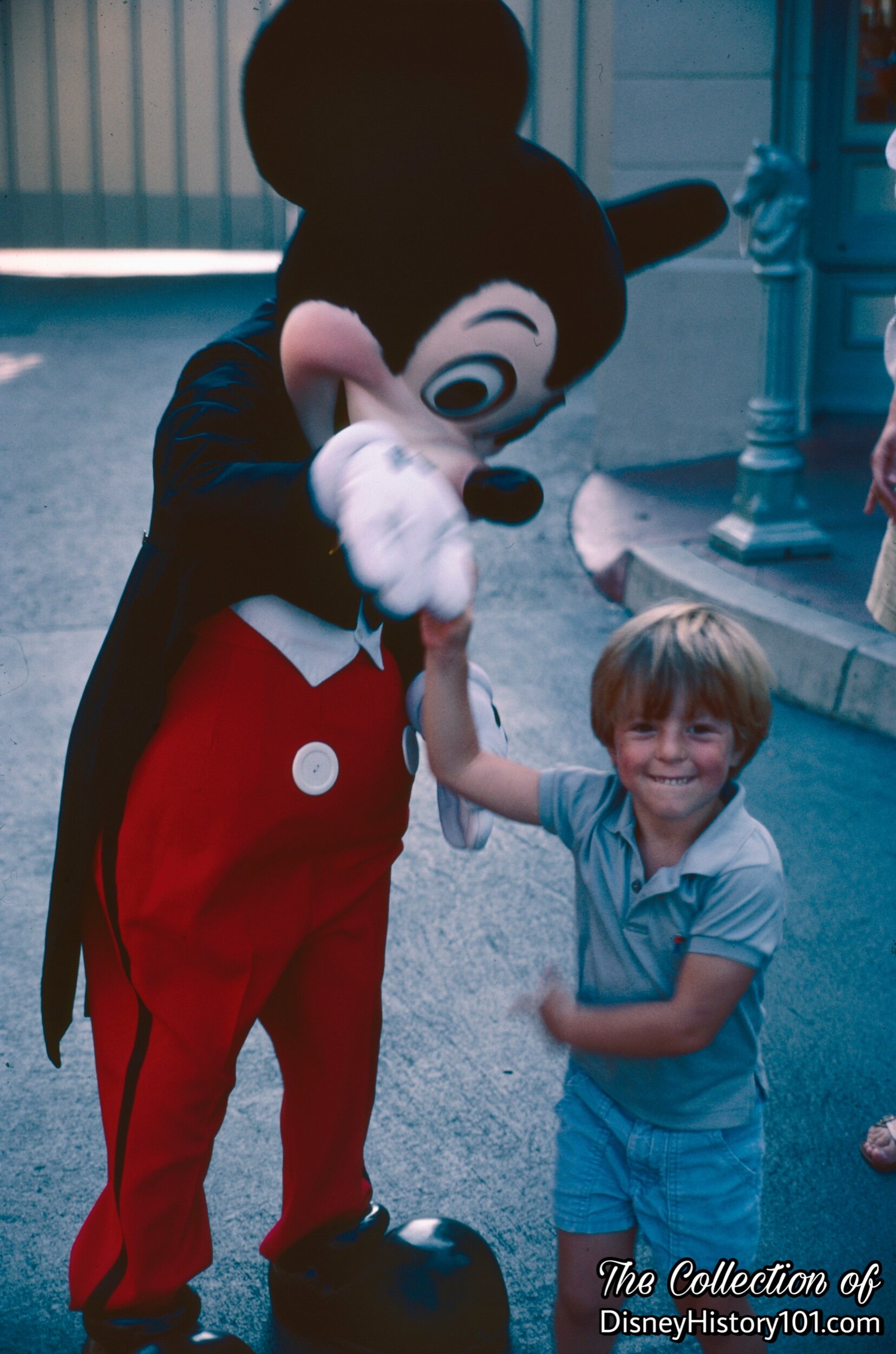
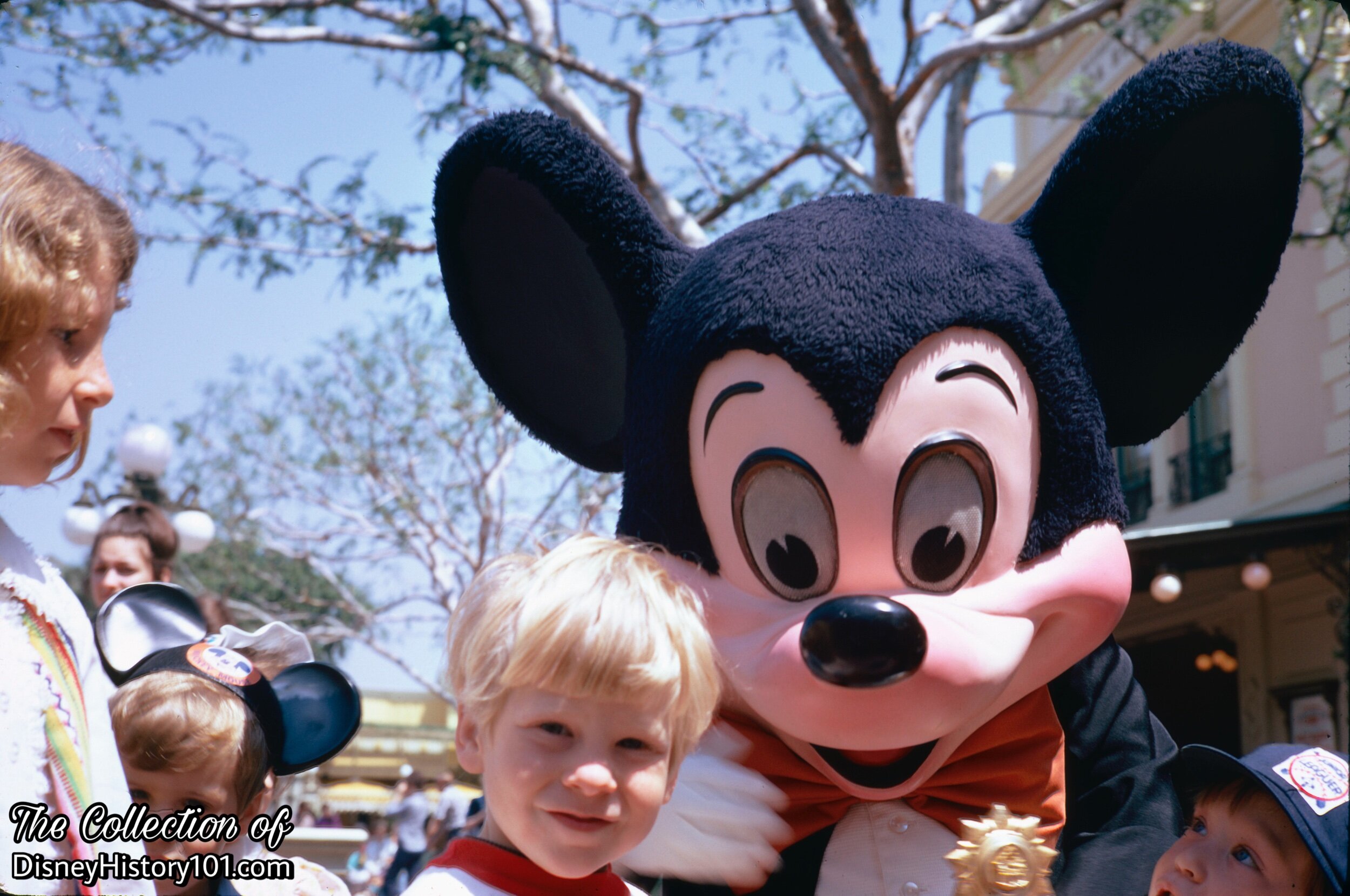
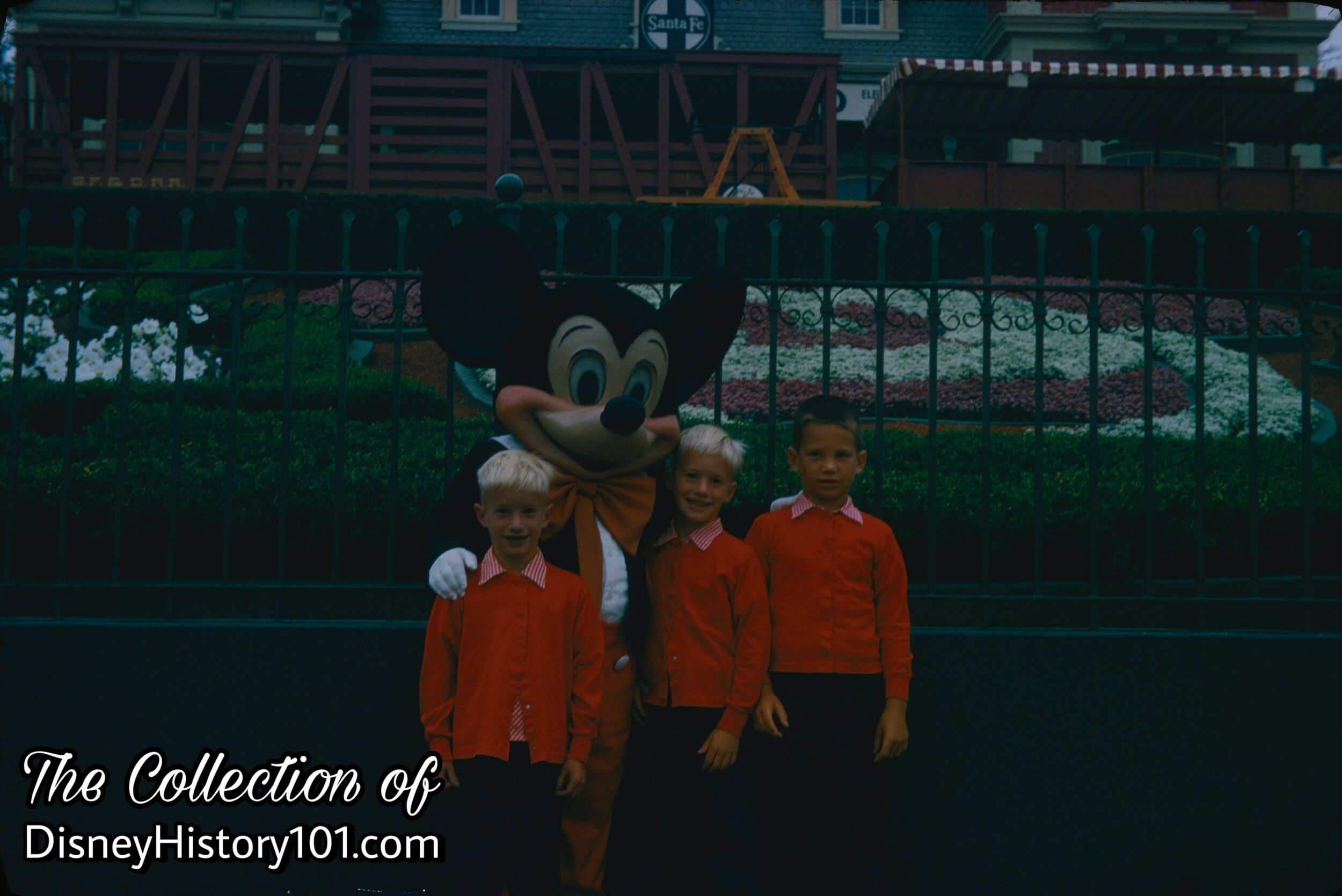
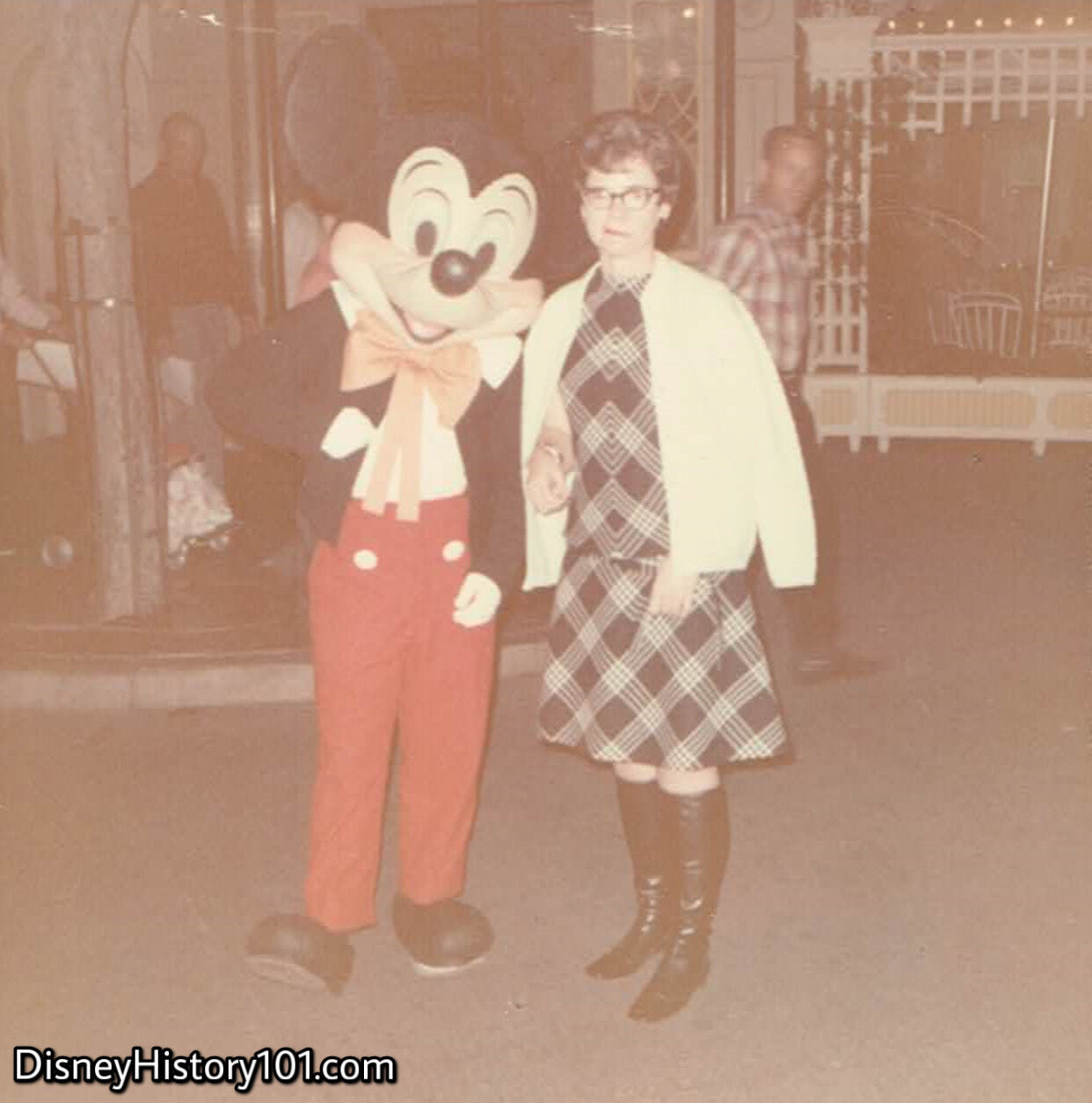
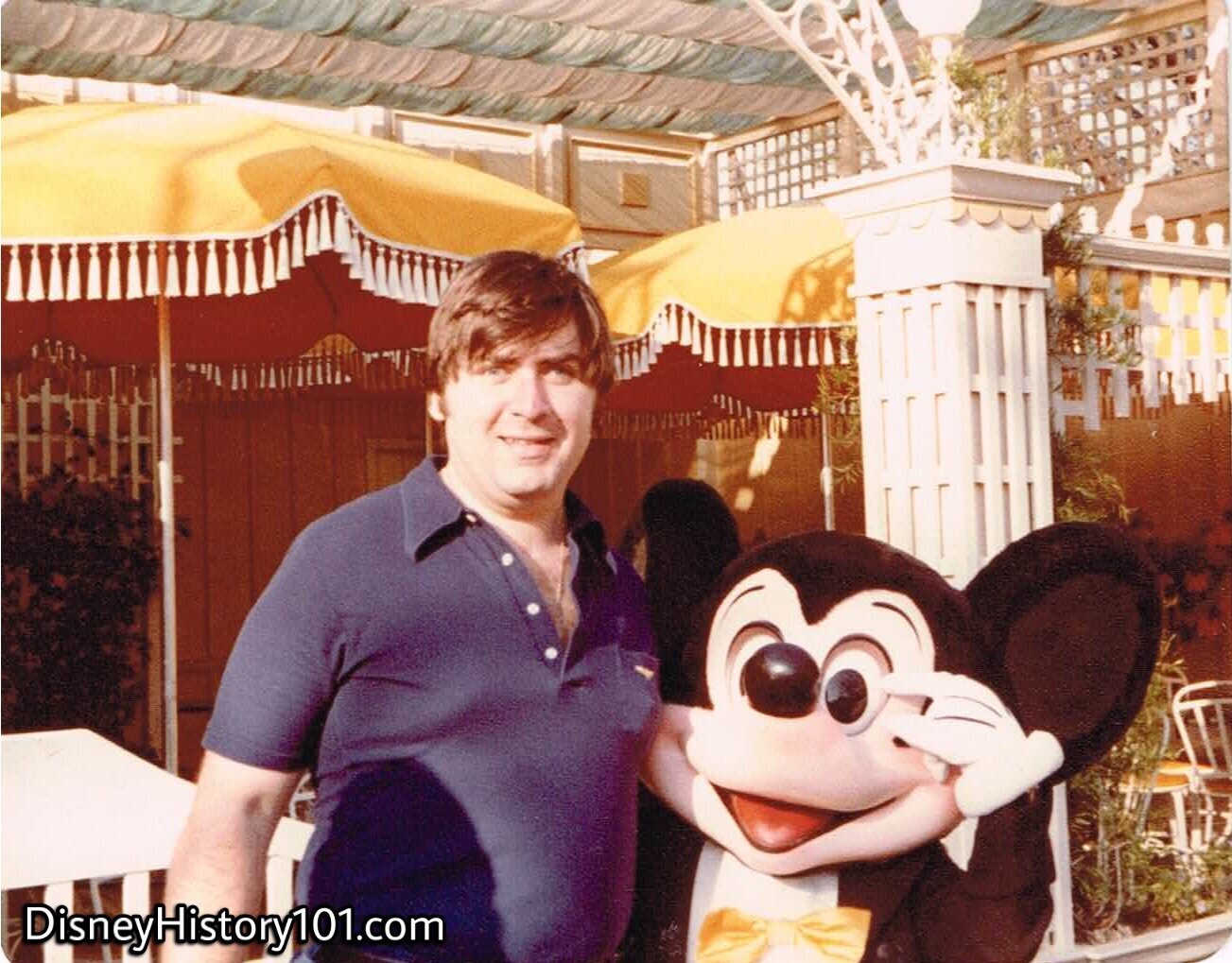
Mickey Mouse meets with a guest near the Egg House during Disneyland’s 25th Anniversary! Mickey’s costume was newly designed by Jack Muhs of the Disneyland Entertainment Costume Design Department.
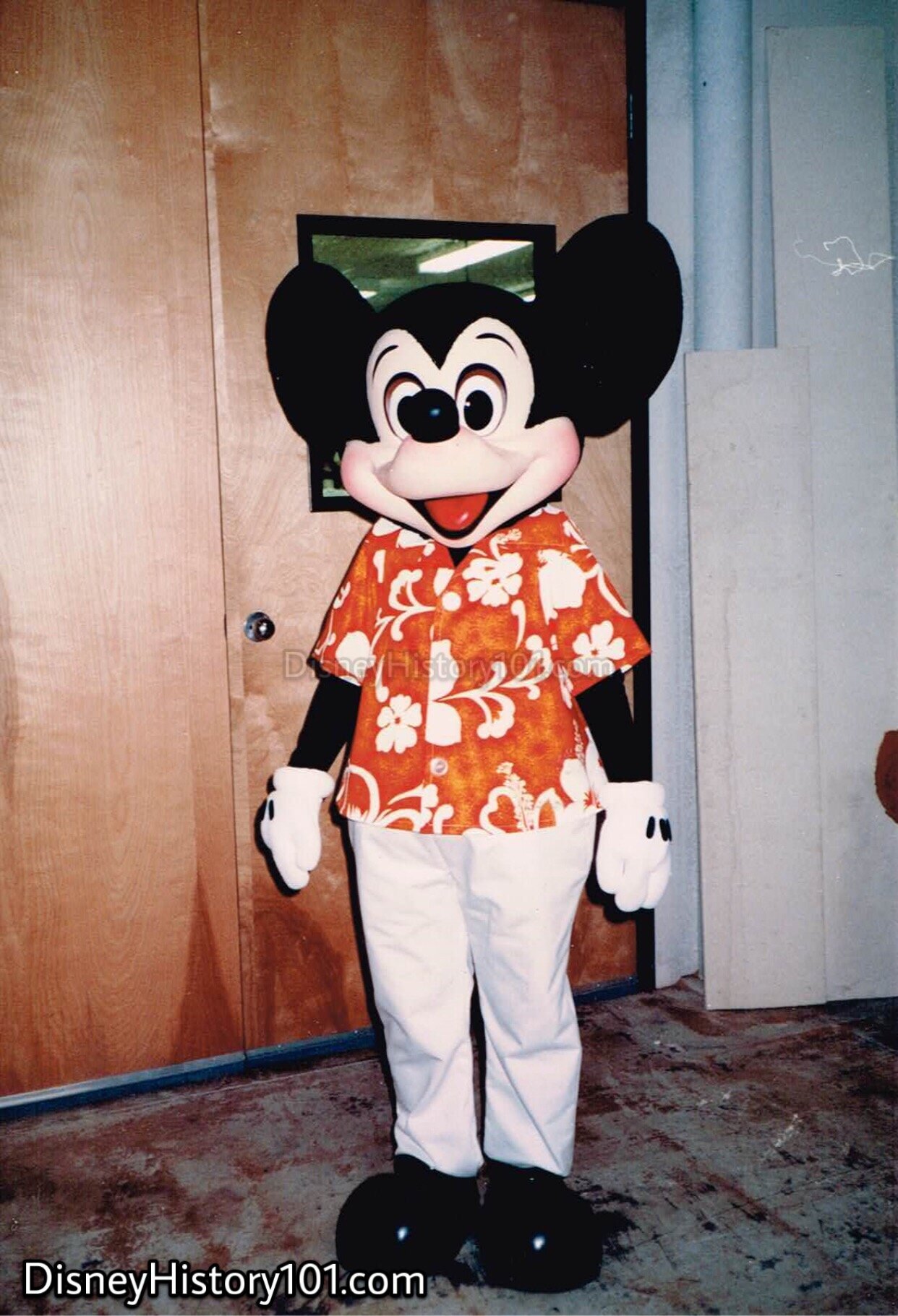
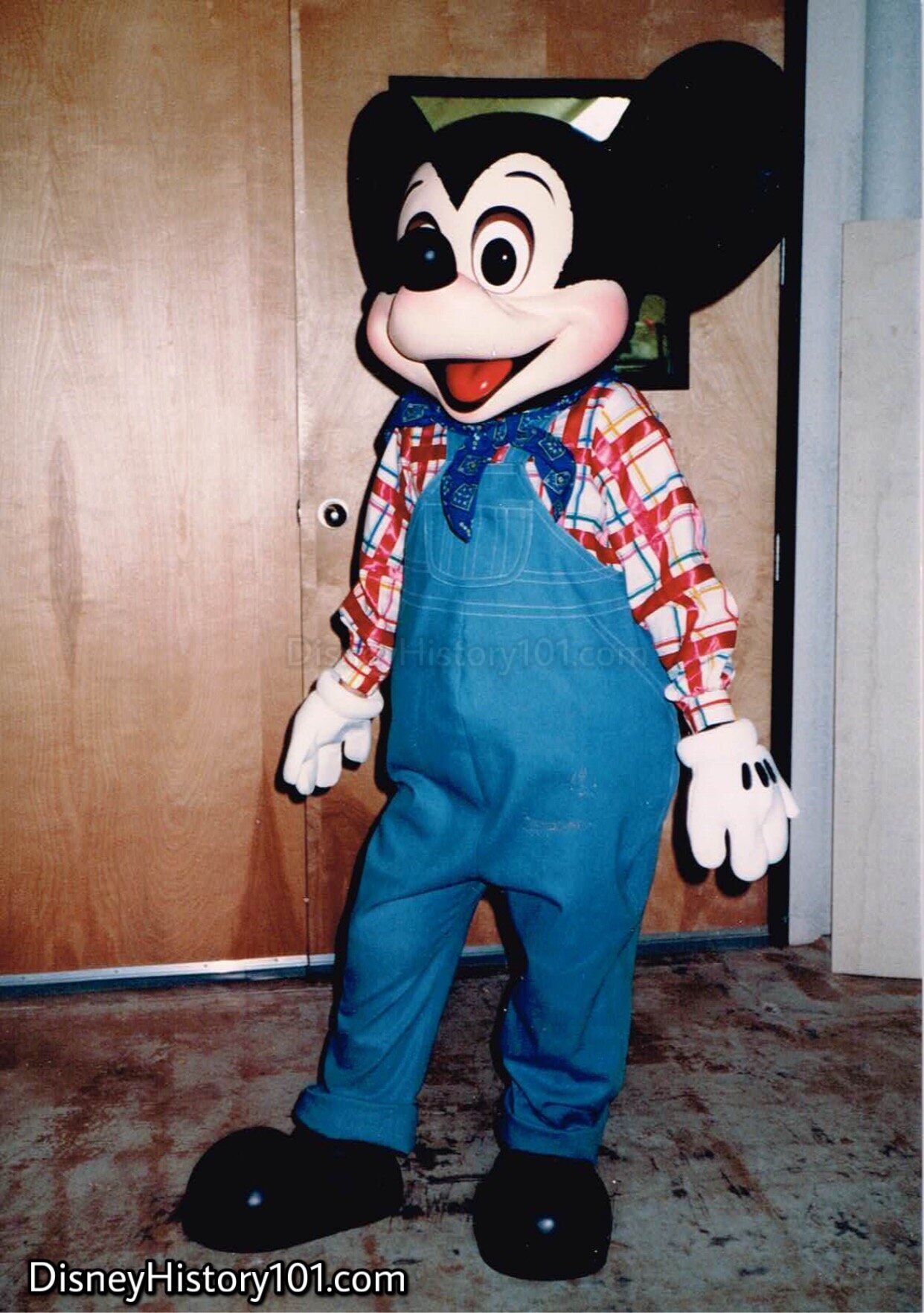
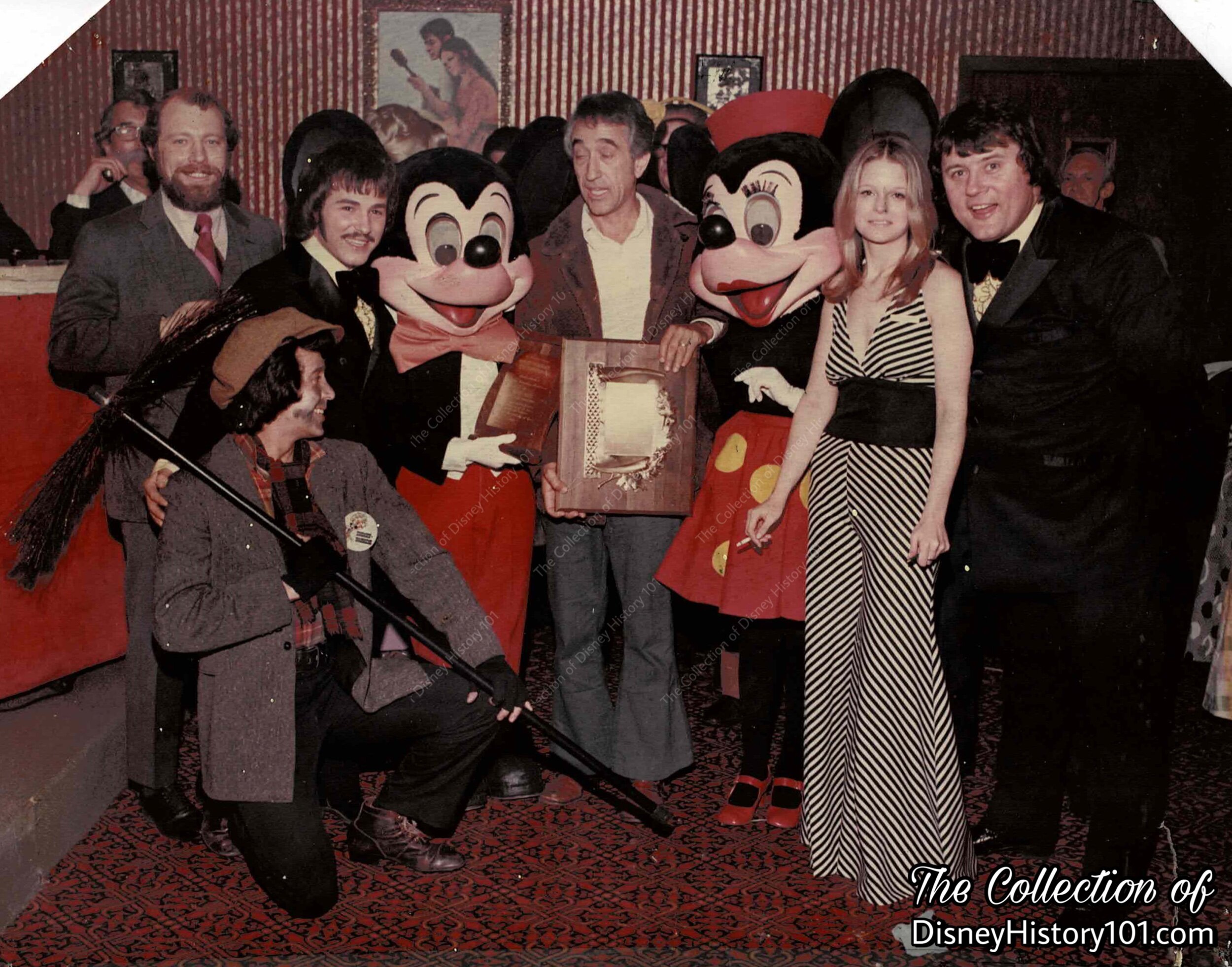
Comedian Pat Paulson visited Disneyland. His daughter Terri recounts - The family, which had once been near eviction, suddenly had enough money for their own home, private schools and a decorator. Terri remembers being wildly excited when such a huge crowd gathered to see her father at Disneyland that they had to bring him in by helicopter. While there, they were greeted by Mickey Mouse and Minnie Mouse.

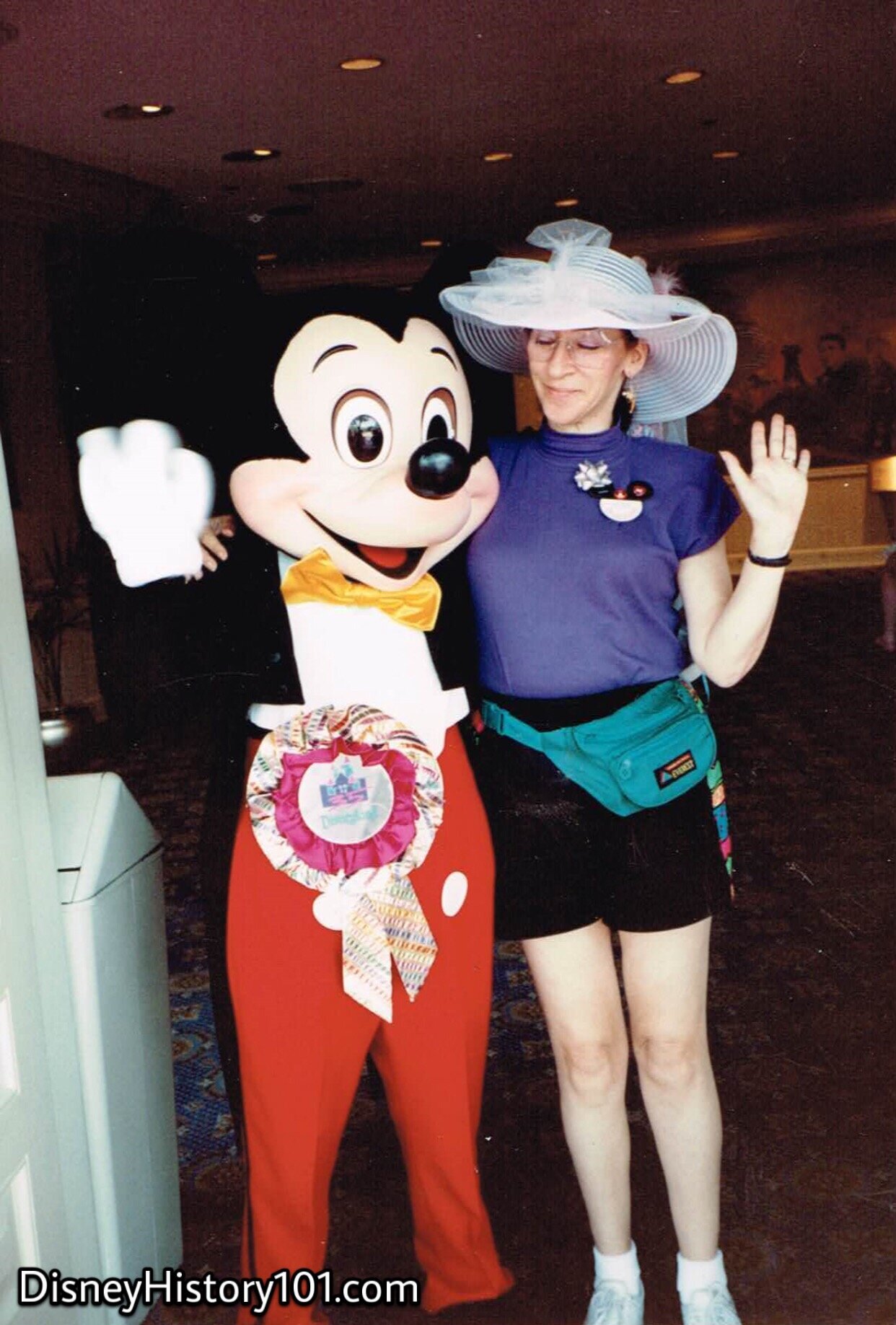
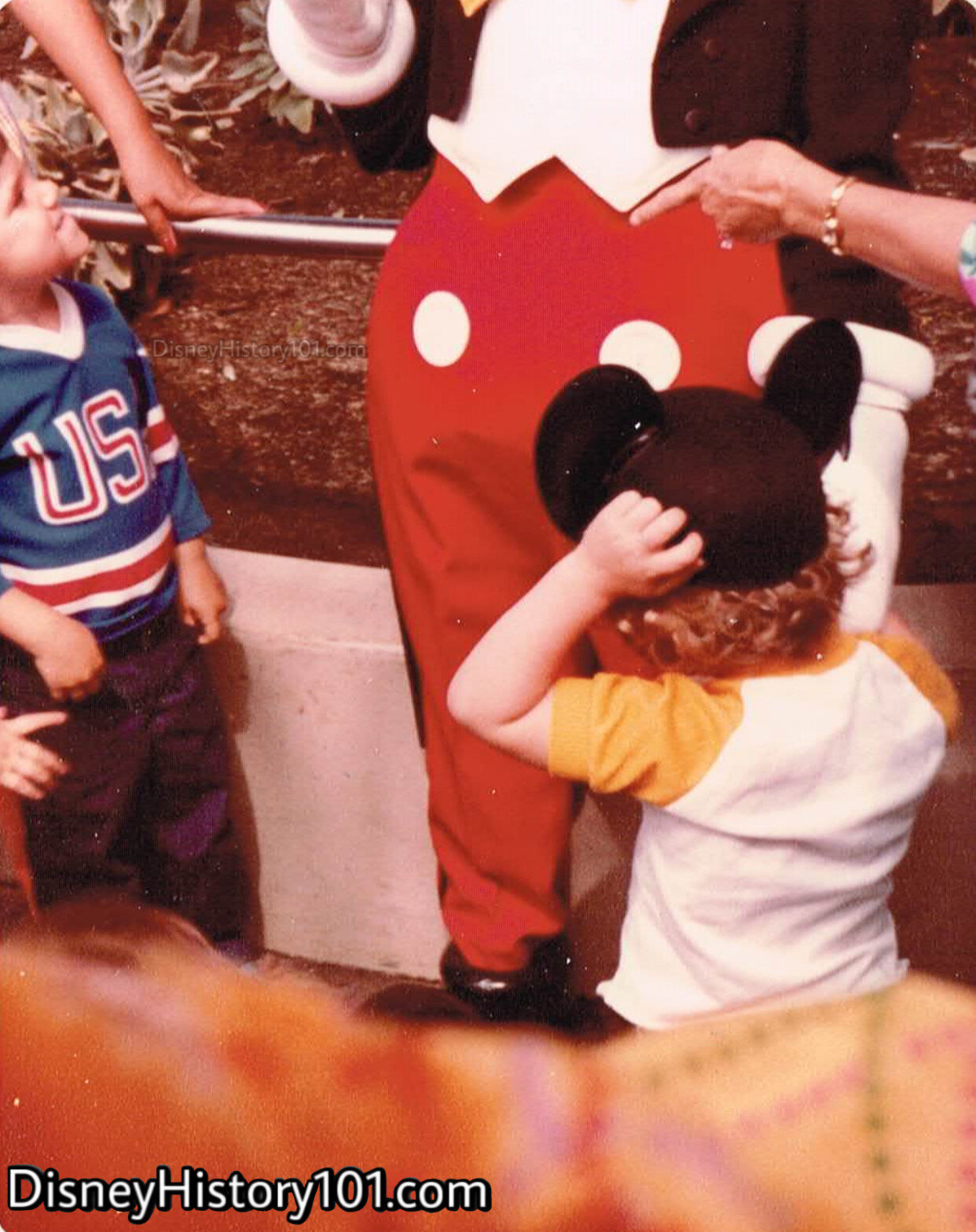
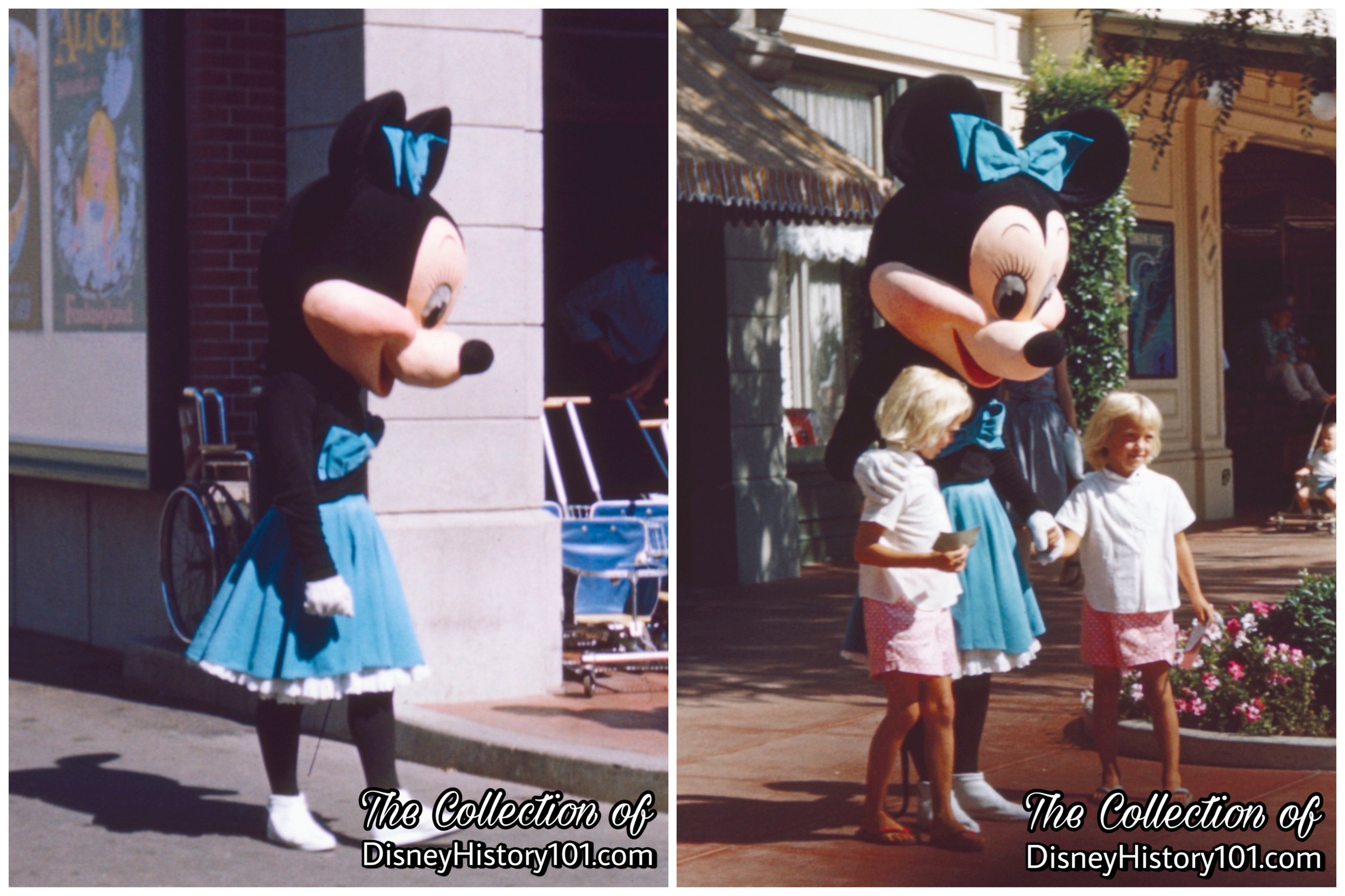
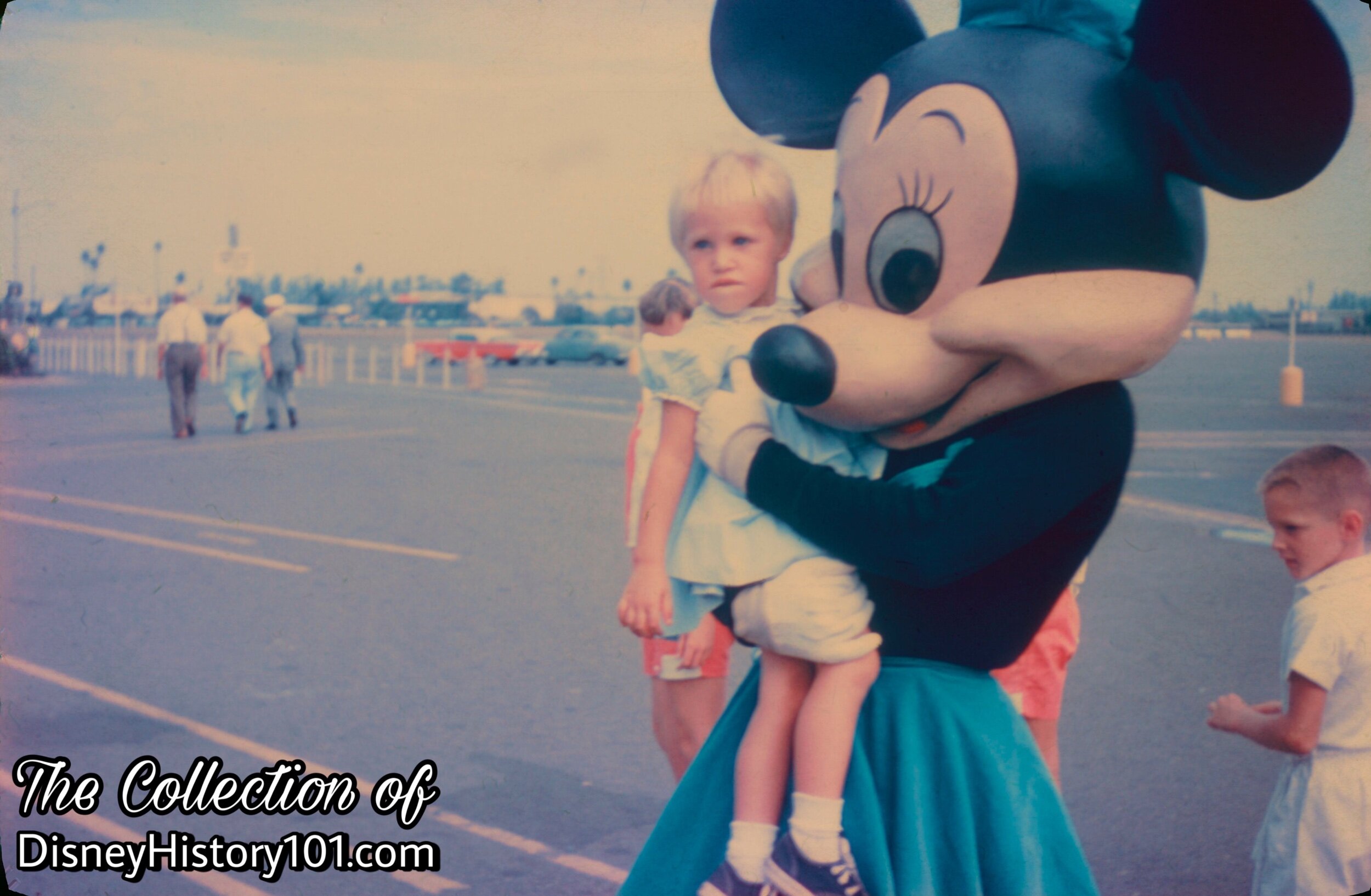
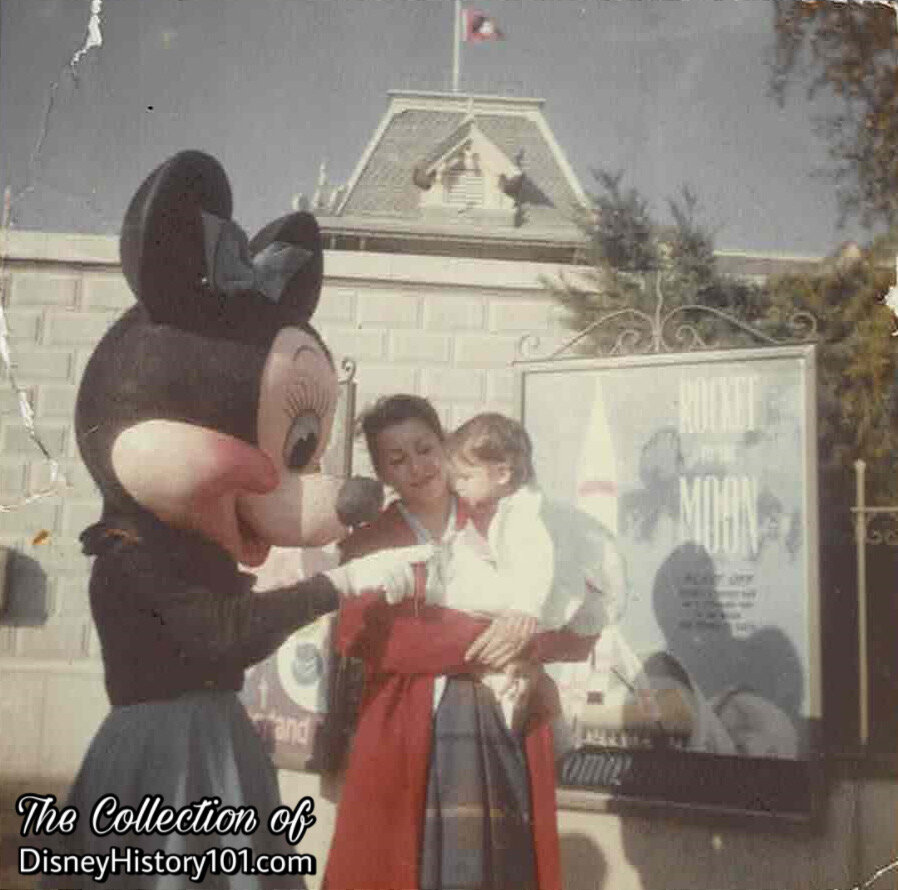
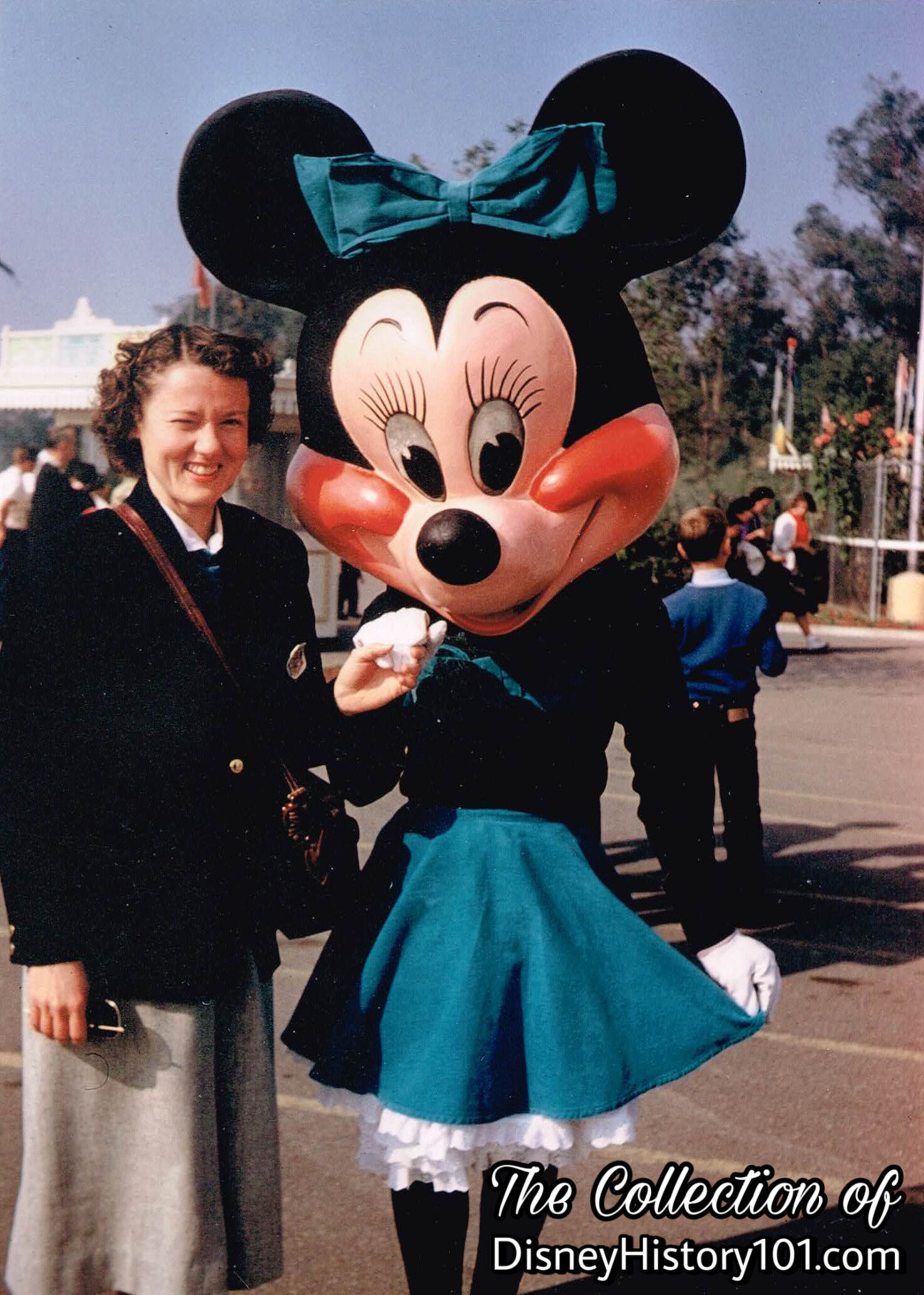
Minnie Mouse and guest Betty B.
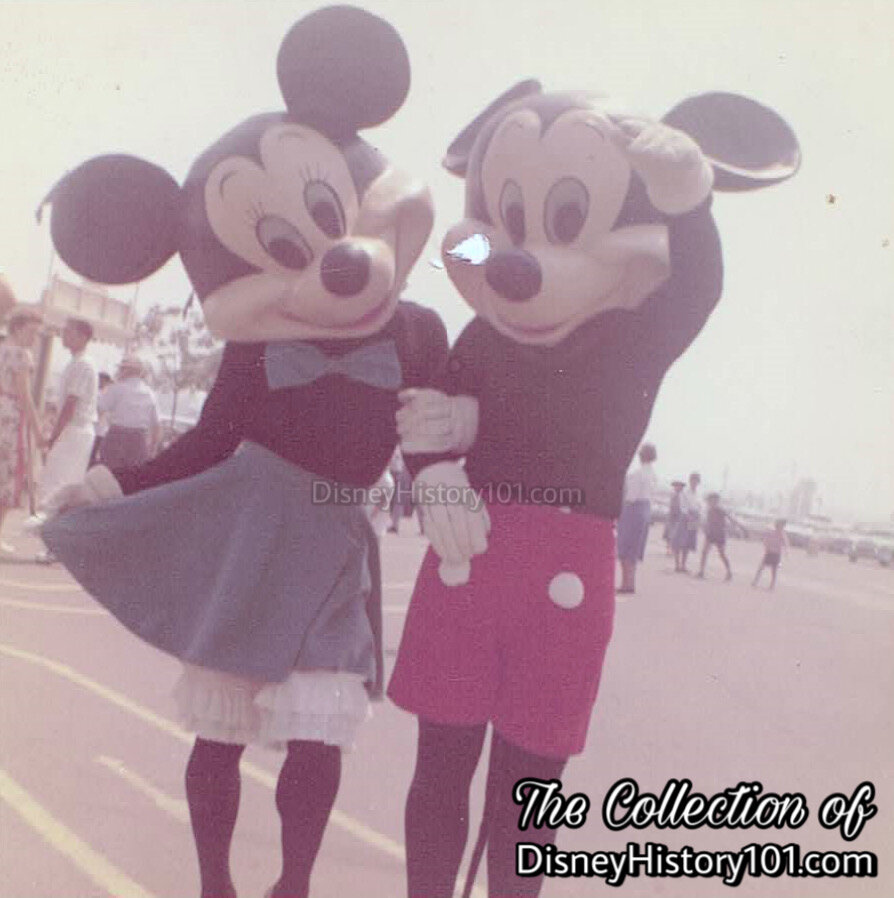
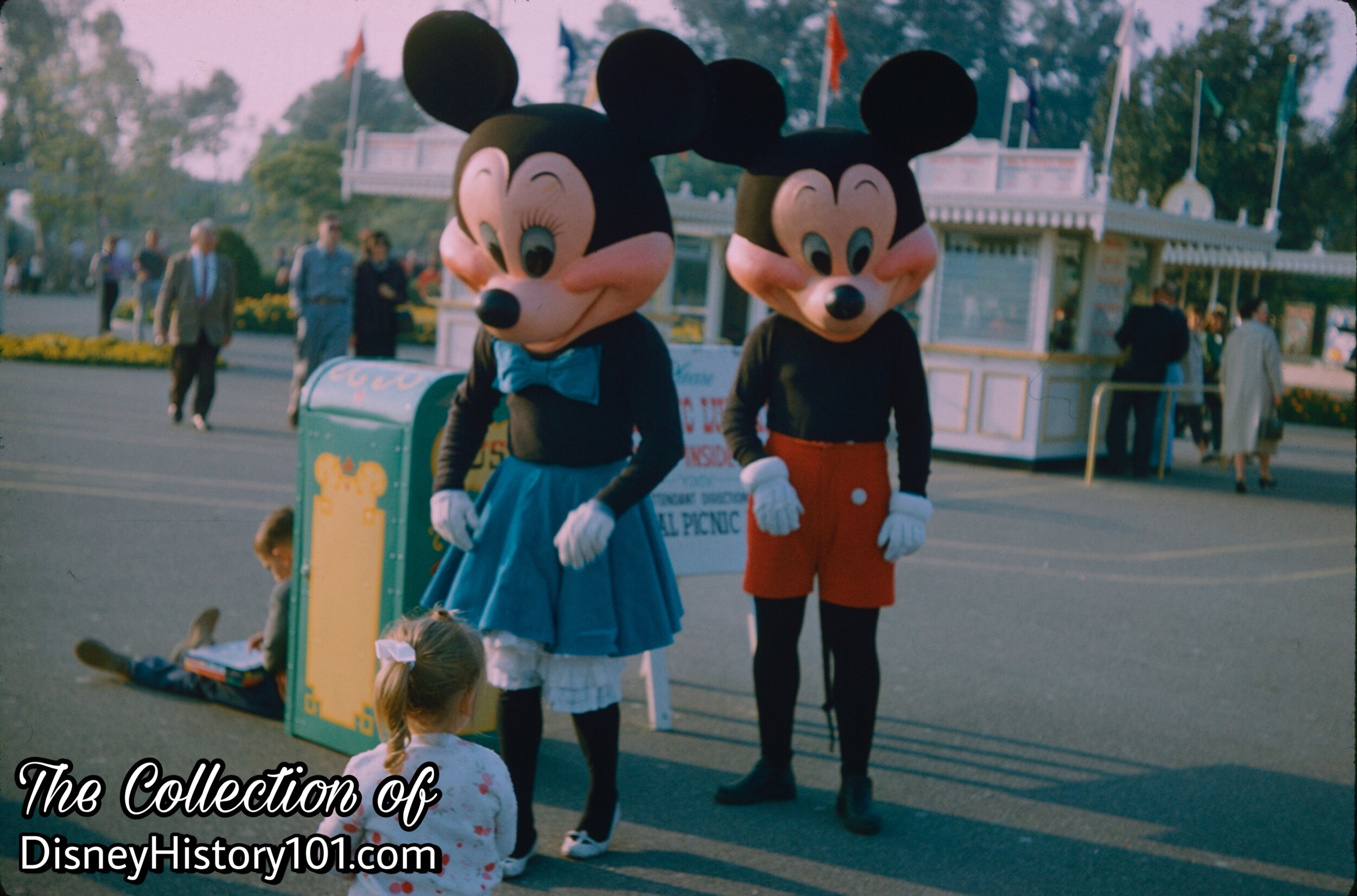
These second incarnations of Mickey and Minnie appeared In 1959 (their predecessors appeared in Disney Ice Capade shows). But now, Mickey and Minnie would greet visitors at Disneyland’s entrance!
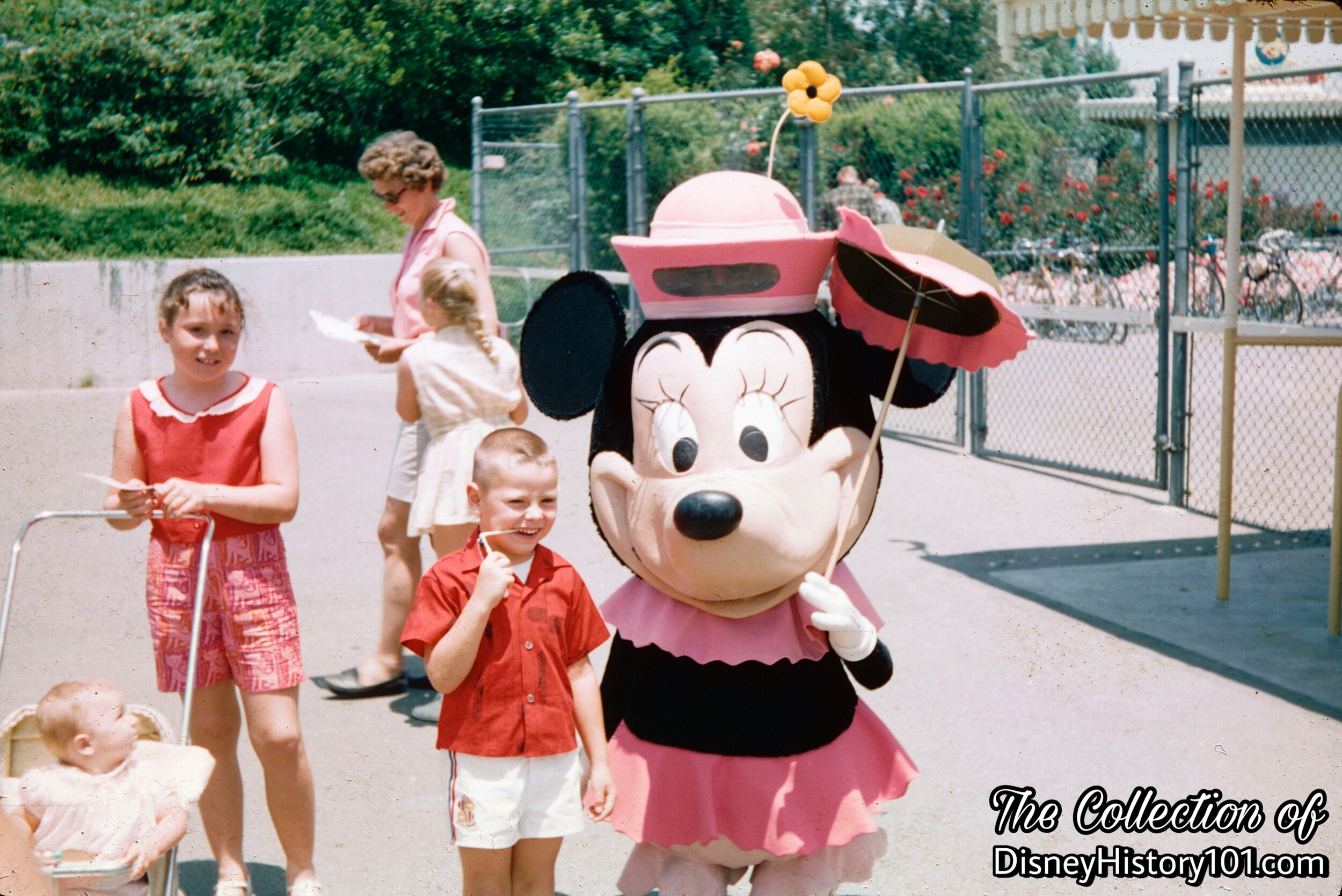
This third incarnation of Minnie Mouse appeared to greet customers at Disneyland’s entrance. She was redesigned at Walt Disney Studios by character designer and animator Bill Justice, who had been commissioned by Walt Disney for this important job!
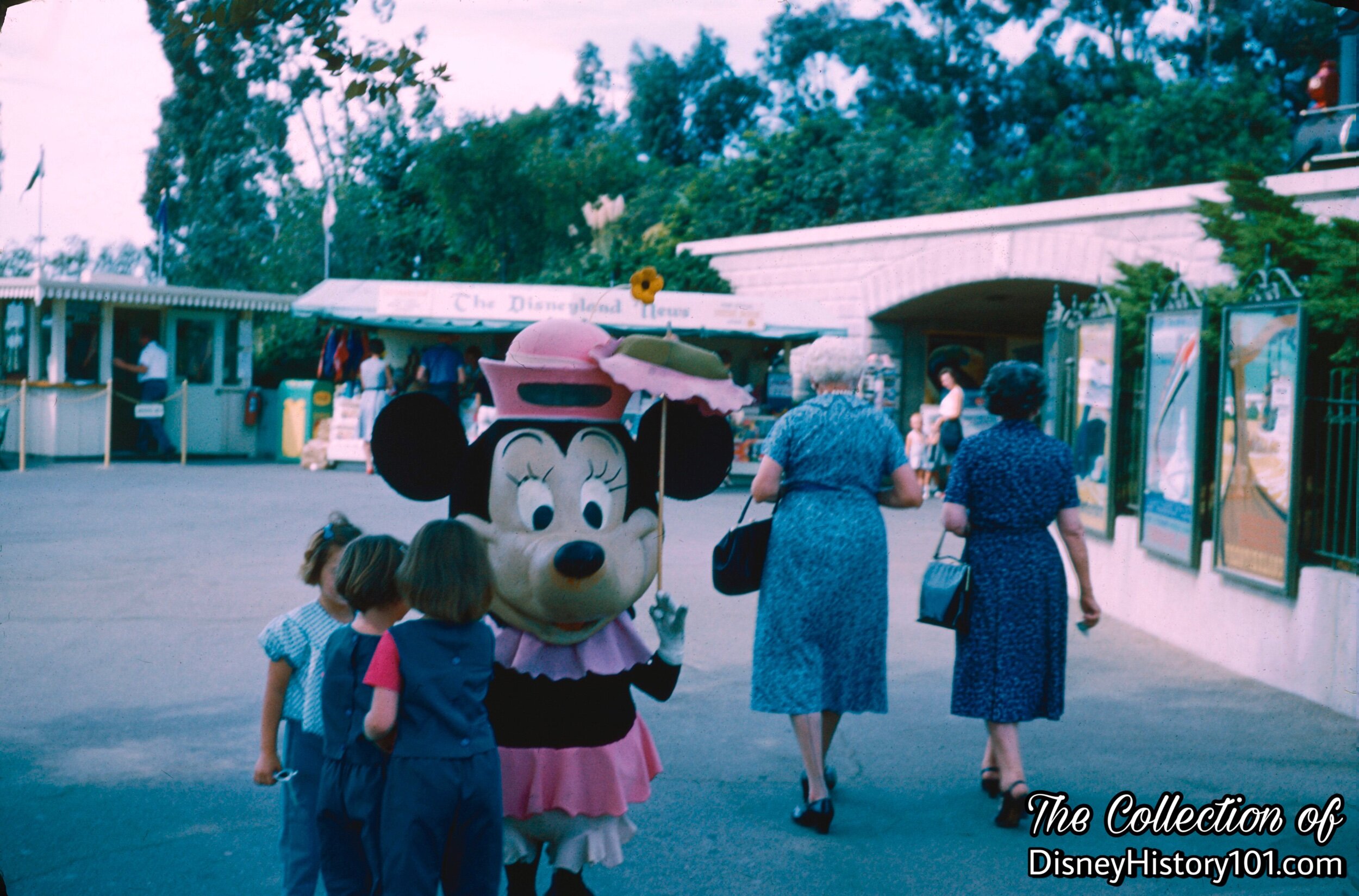
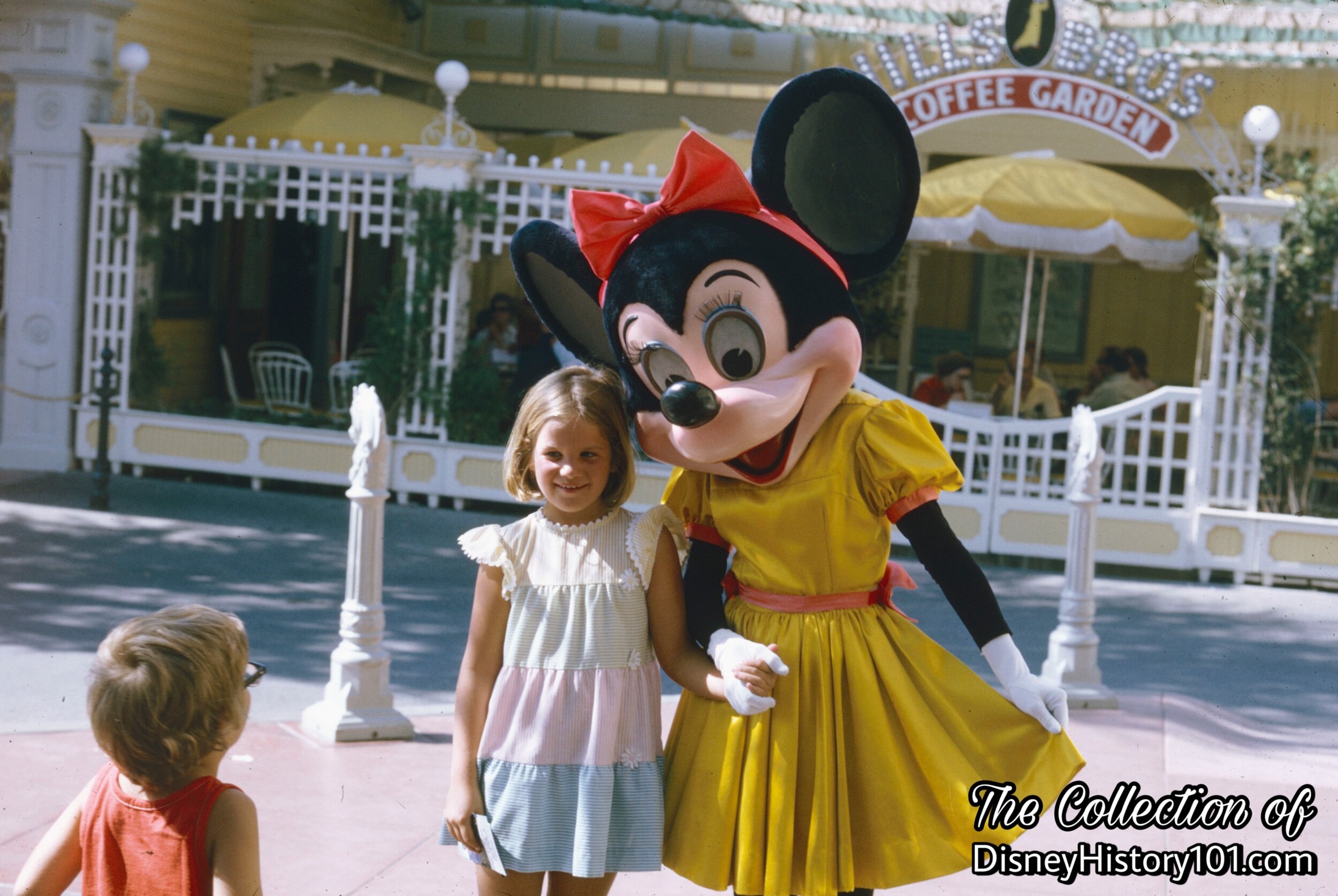
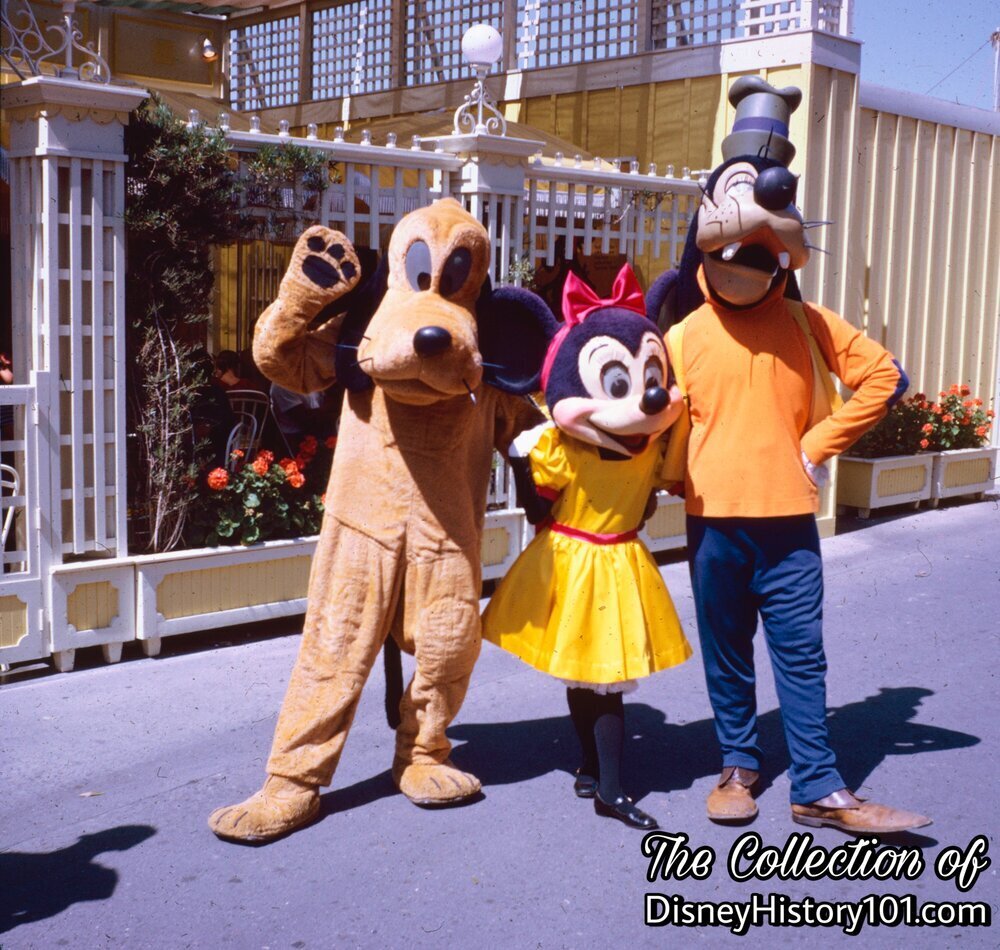

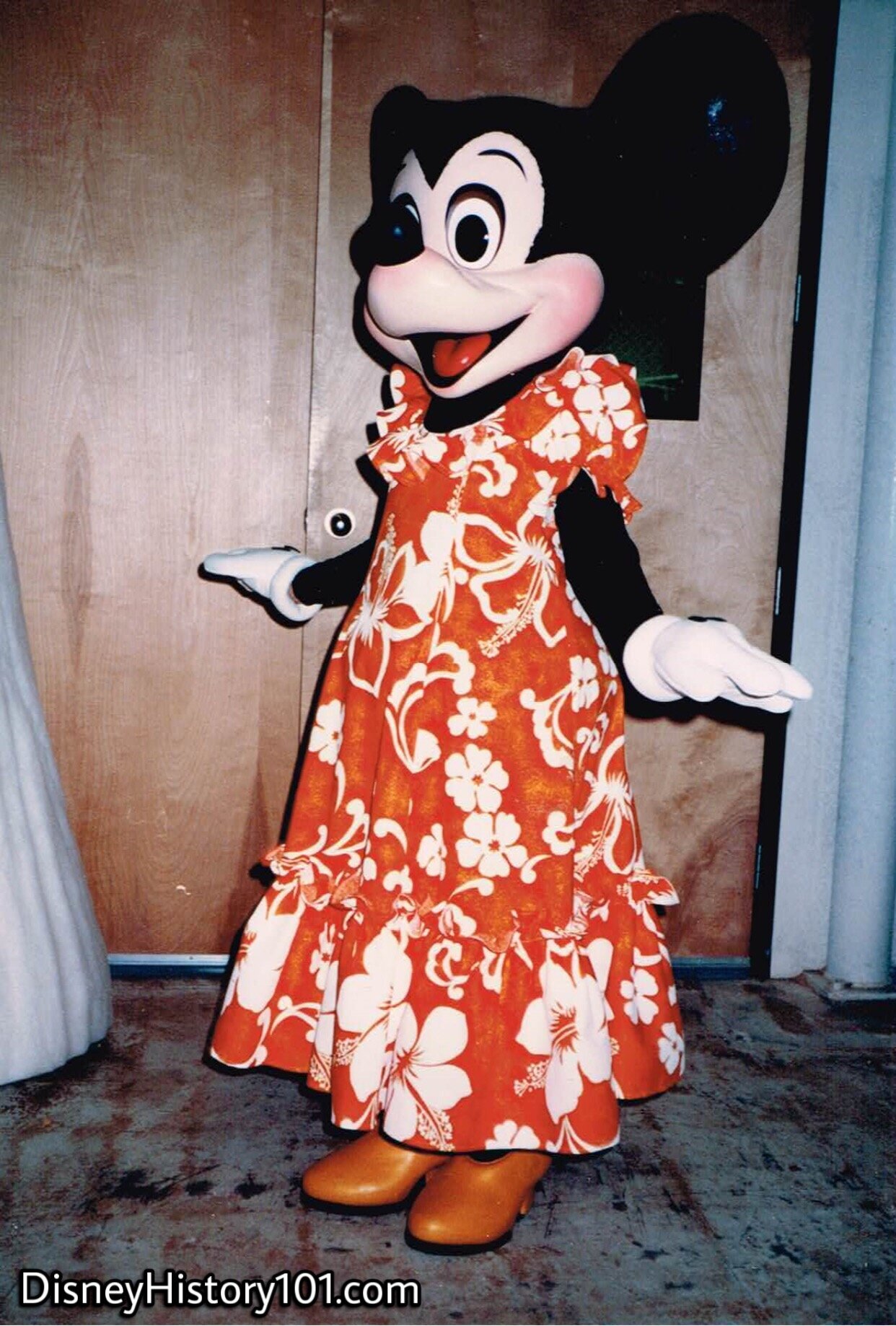
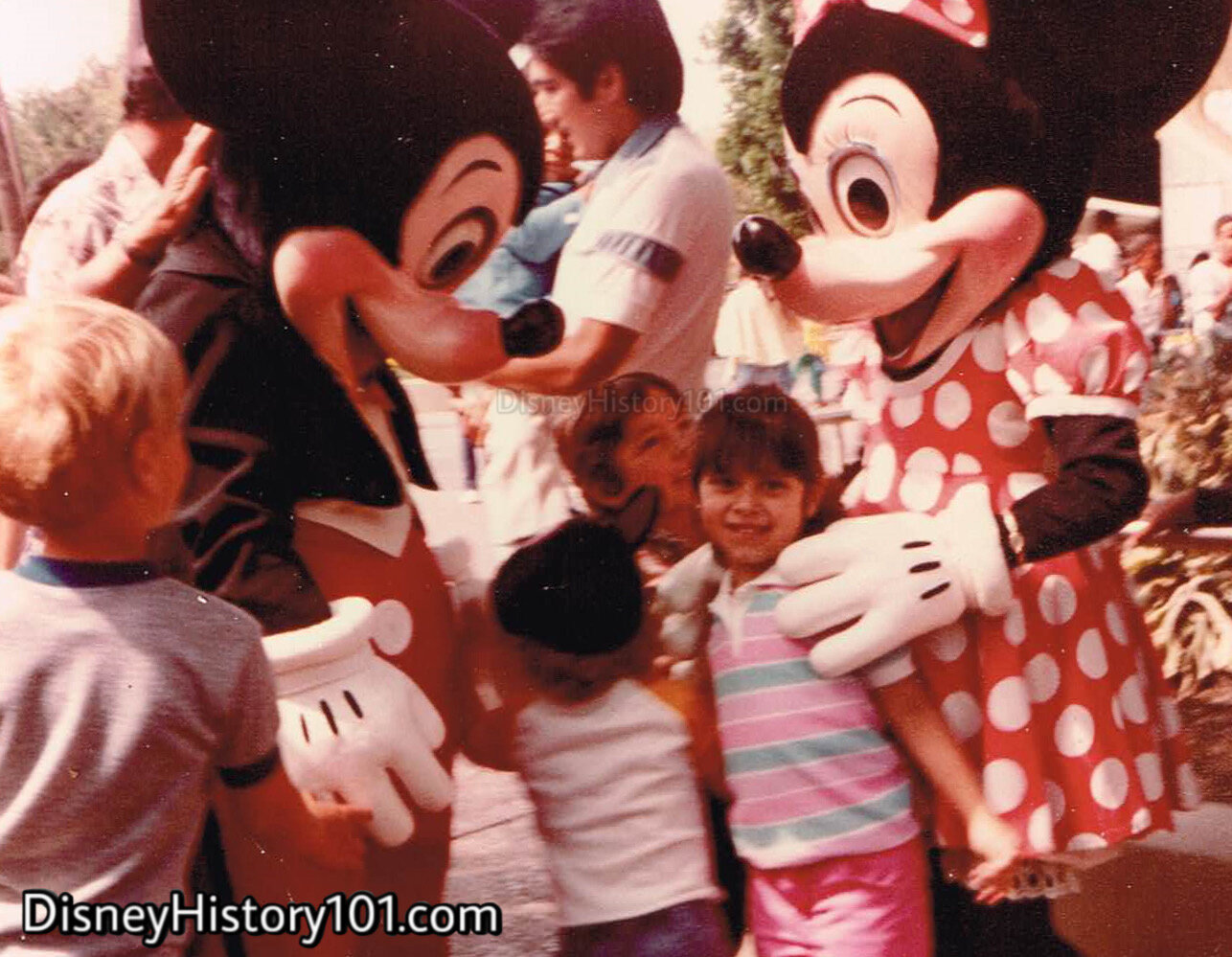
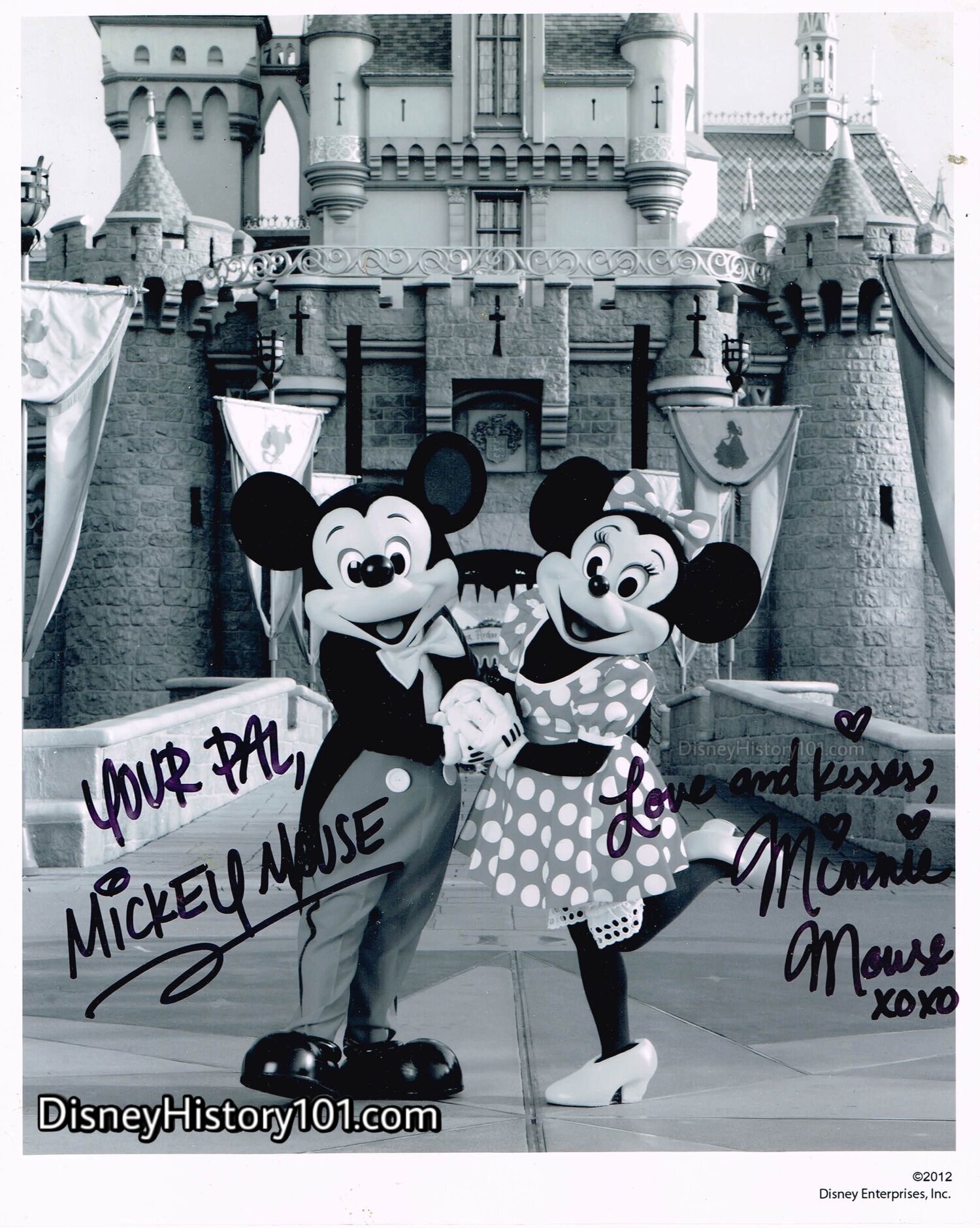
Mickey Mouse and Minnie Mouse have been known to sign Disney dollars, autograph books (including those from other Theme Parks), Disney merchandise, and even merchandise from other theme parks (away from the logo whenever possible). Minnie’s “I”s are always dotted with hearts and her signature is always accompanied by hugs and kisses (xoxo).
As a sidelight, there are some materials or surfaces that Mickey Mouse and Minnie Mouse would never sign. It is important that Guests understand that these include (but are not limited to) flags, currency, Non-Disney logos, corporate symbols or promotional materials, skin, passports, licenses, and birth certificates, Newspapers, sales receipts, and obscene material or clothing.
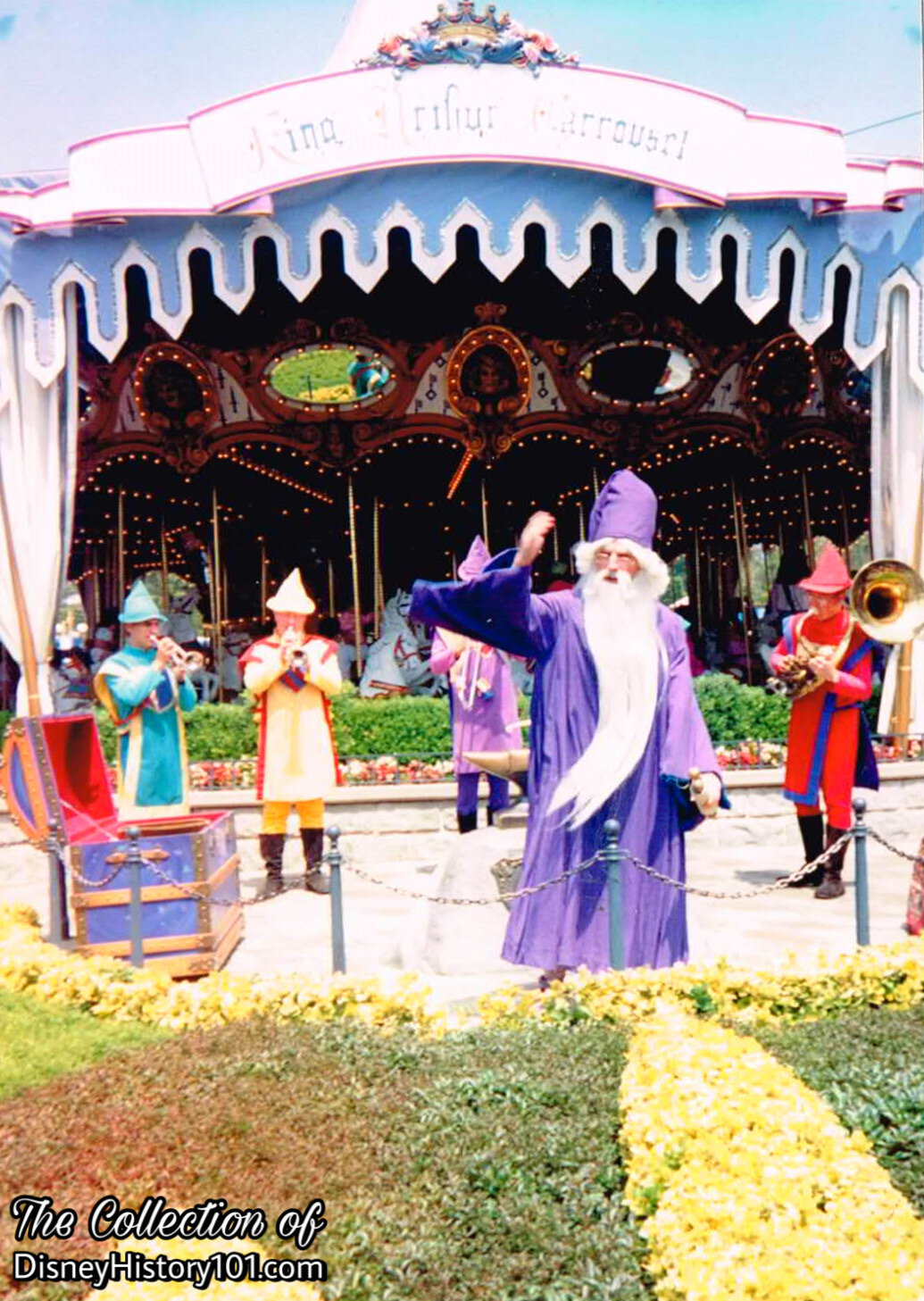
When New Fantasyland opened, Merlin began to lead the Sword in the Stone Ceremonies!
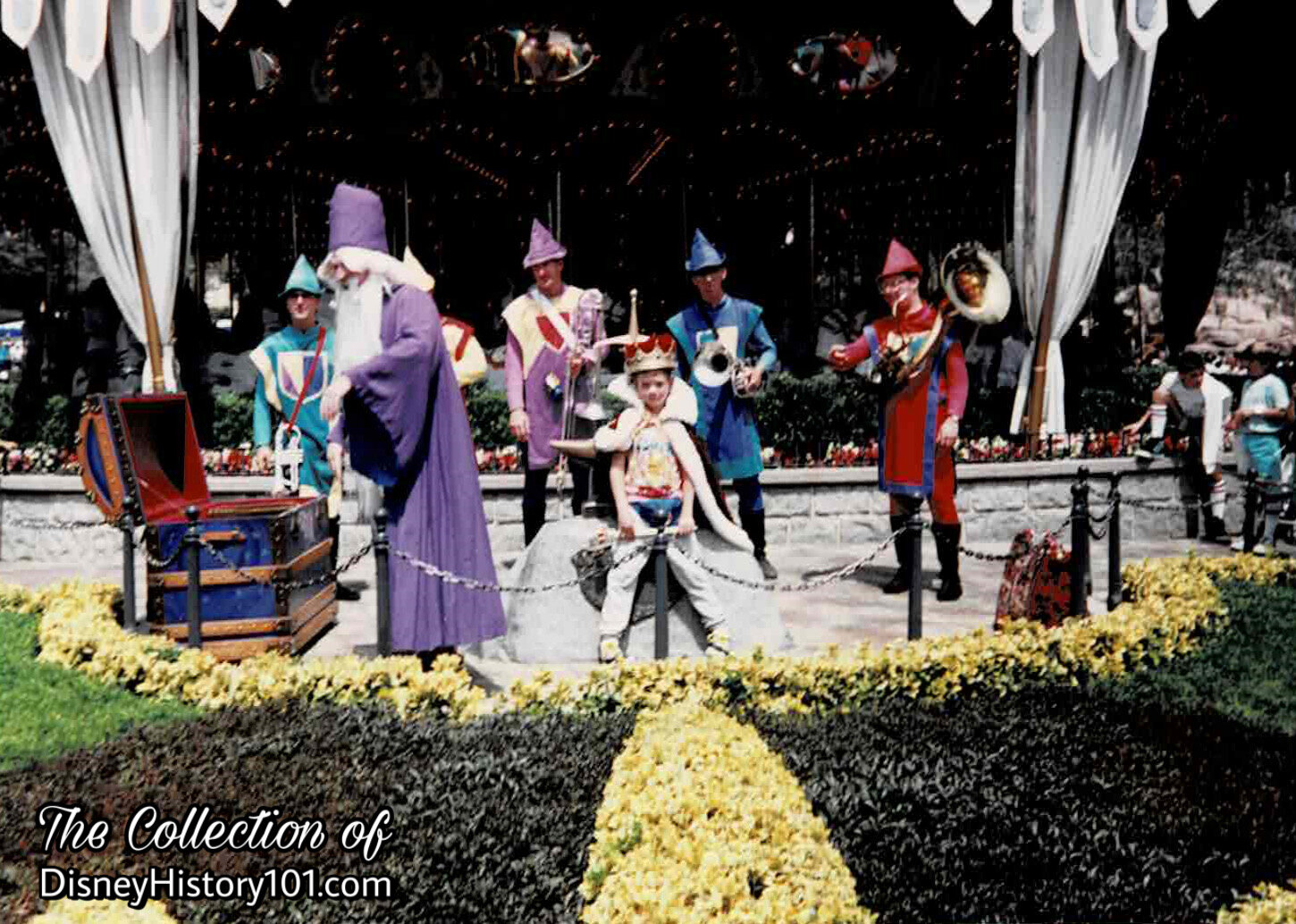
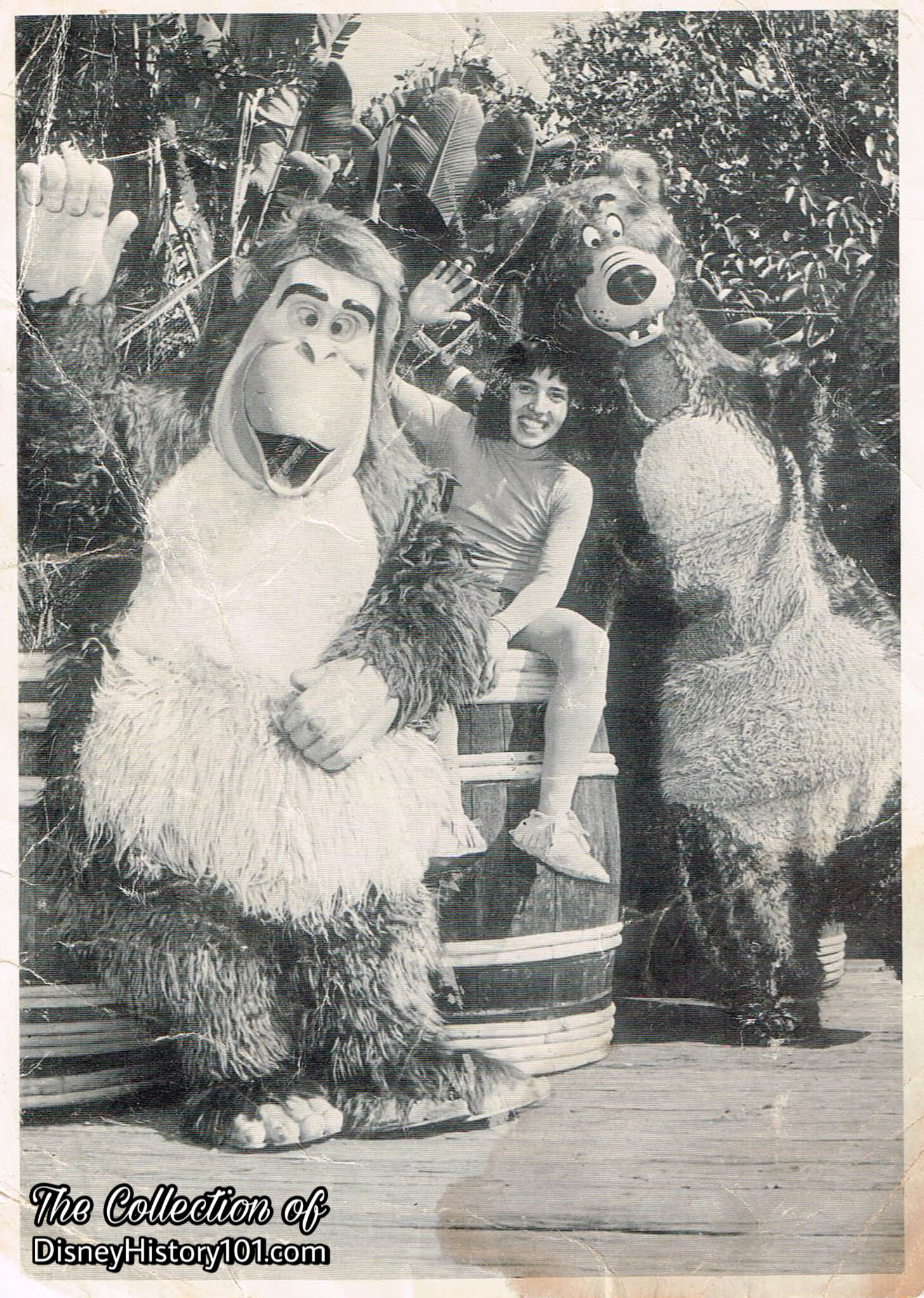
Guests could see two special parades at 12:30 and 4:45 p.m., beginning in Town Square and proceeding along Main Street U.S.A., past Matterhorn Mountain to ‘its a small world’ in Fantasyland. Mowgli, Baloo, and King Louie also posed for pictures during “Jungle Book Days” on February 6 and 7, 1971.
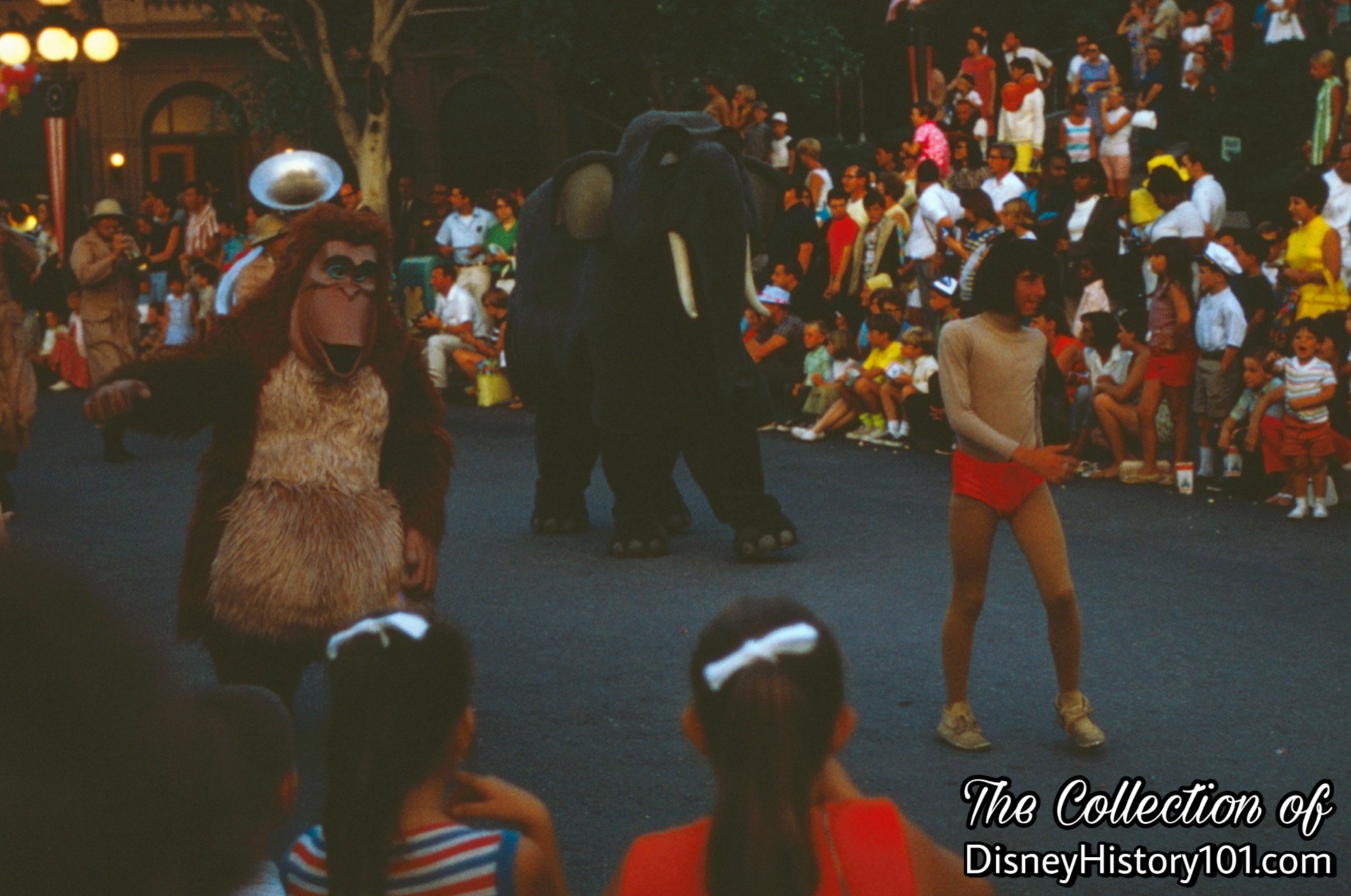
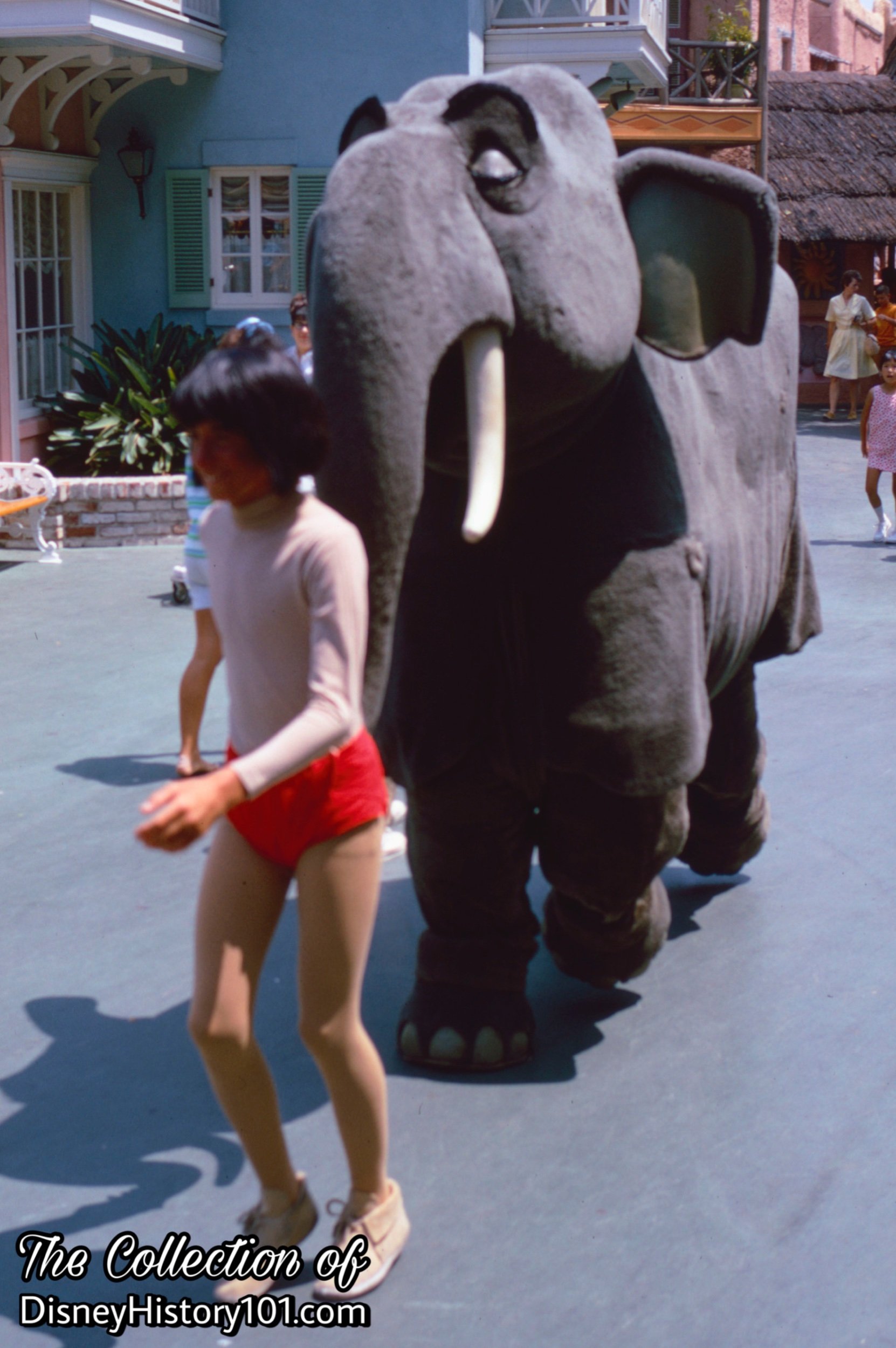
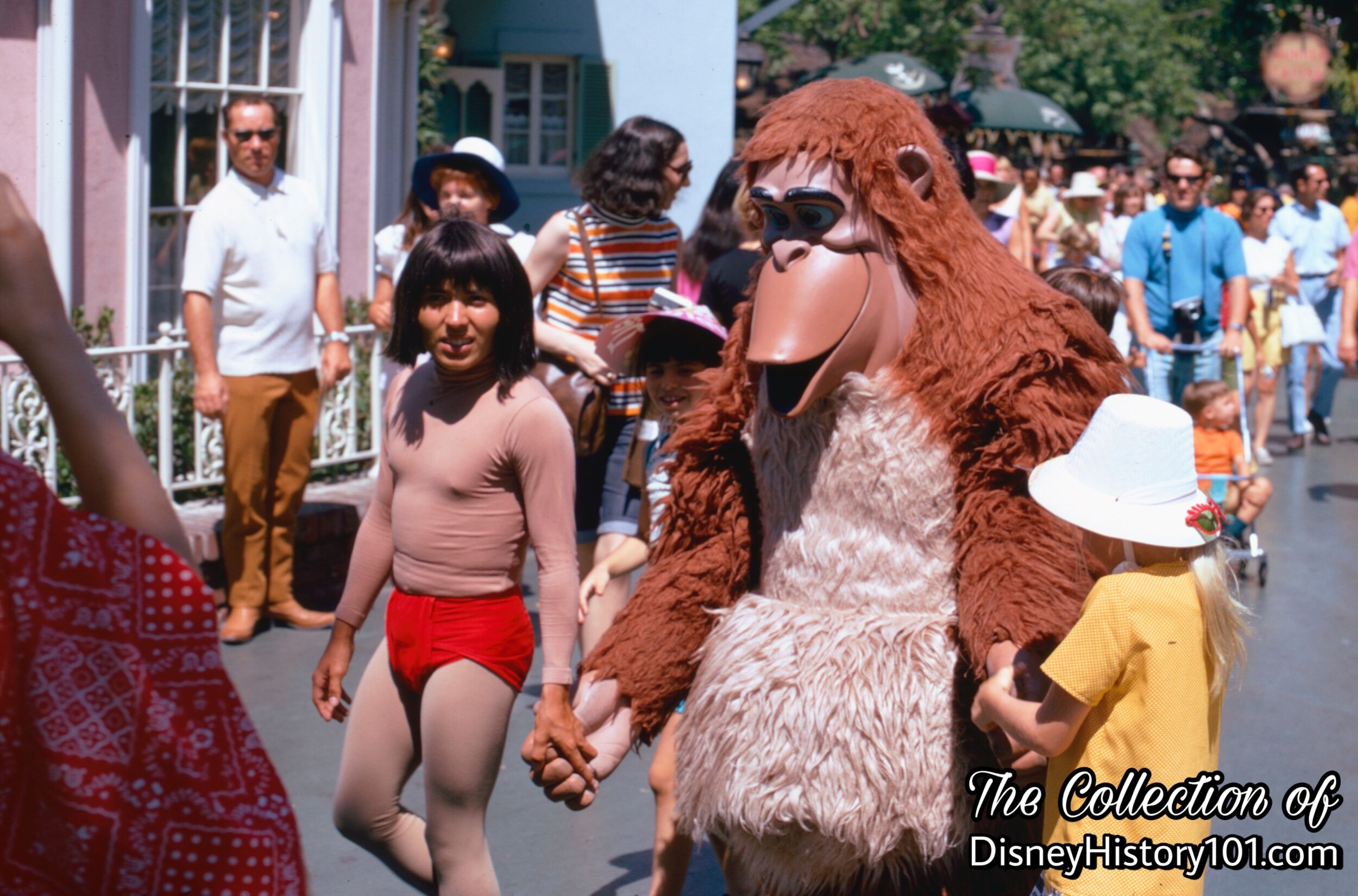

Nemo -
![•Oliver - The namesake star of the box-office record setting Oliver and Company (which grossed $53.3 million). [see The Walt Disney Company 2nd Quarter Report] •One Man Band - Performed (c.1986) around Frontierland. •Organ Grinder & Monke](https://images.squarespace-cdn.com/content/v1/5b3d7f804eddec6e826be0c9/1587688591955-W3DUOLH33UWZ7T5BE1O1/IMG_8236.jpeg)
•Oliver - The namesake star of the box-office record setting Oliver and Company (which grossed $53.3 million). [see The Walt Disney Company 2nd Quarter Report]
•One Man Band - Performed (c.1986) around Frontierland.
•Organ Grinder & Monkey - “55er” Marion Schawacha remembered “There used to be an organ grinder and he had a monkey named Josie. All the little kids would crowd around and throw him pennies, and Josie would jump around picking them up.”
•Oswald the Lucky Rabbit -


•Pearly Band -
•Penguins - Richard and Robert recalled: “We were demonstrating the song "Jolly Holiday" at a story session, and told Walt that the next verse would be sung "barbershop quartet-style," by a quartet of waiters. "You know," Walt said, "waiters have always reminded me of penguins. Why don't we have penguins as the waiters? We'll animate the penguins— in fact we'll animate everything except the principal characters!" Out of those inspired comments came "Jolly Holiday, one of the most imaginative musical sequences in movie history.”
•Peter Pan - Peter Pan made his theatrical debut in Walt Disney’s Peter Pan on February 5, 1953. Soon, the Mickey Mouse Club Circus premiered at Disneyland with an aerial ballet featuring 24 Mouseketeers (like Dennis Day and Darlene Gillespie) costumed as Tinker Bell and Peter Pan.
Peter Pan is a Disney Face Character who can talk, communicate with Guests, and create magical Disney experiences for them. Peter Pan was part of the Pre-game “Walt Disney and Disneyland Salute to the California Angels” at the new Angels Stadium on Saturday, April 23rd, 1966! Both Peter Pan and Captain Hook (and occasionally Mr. Smee and Tick-Tock Crock) made regular appearances at the “Fantasyland Pirate Ship,” greeting guests as part of the Character Program, “throughout the Christmas Holidays” (daily between parades, from 9:00am to 11:45am). [“Disneyland Holiday Talent Master Schedule,” prepared for the period of December 16, 1967 through January 1, 1968] A number of friends were close to Peter Pan through the years including (possibly) Peggy Matthews Rose, (possibly) Kerry Mahoney, Jan Wright (c.1969), and Gail Berk (c.1970s).
During 1969, Peter Pan, Captain Hook and Mr. Smee engaged in a four-week tour of the United States (and the first tour to visit Hawaii).
•Pete - Pete first debuted in Alice's Tin Pony (released 1925) and was later known as Peg Leg Pete and Black Pete. He is older than Mickey. For a time, he ran the Toon Town Garage at The Magic Kingdom.
•Peg Leg Pirate (“Peg Leg Pete”) -
The Peg Leg Pirate was also referred to as “Peg Leg Pete” in some contemporaneous Disneyland promotional material. A “Five Minute Fairytale” of the Peg Leg Pirate could best be summed up this way. The iconic Fantasyland Cast Member was portrayed by a true life Captain - Guy Exon! “Captain Guy Exon’s background has prepared him well for the role he plays here. Guy was born and raised in the ‘Wild West’ town of Pojaque, New Mexico, travelled to the Aleutians, Africa and Europe as a paratrooper in World War II, and was a prisoner of war in Germany. He travelled extensively in South American countries, where he became known as the first one-legged man to travel over the Pan-American Highway, and was a beachcomber in Hawaii after trying the academic road at SMU in Texas. When Guy returned to the United States, he spent a year-and-one-half in an Army Hospital where he became interested in handicapped people. After leaving the hospital he spent some time working with the Good Will Industries as Public Relations Manager. At the present time Guy’s activities include : participation in church groups, fishing and selling Chicken of the Sea Tuna”, according to The Disneylander, published June of 1958. During his era, the Peg Leg Pirate was aboard for the Chicken of the Sea ceremony (on December 23, 1960), and subsequently guarded the way to the Pirate’s Grog. He continued to welcome special guests to Disneyland, all the while proving that “pirates were real in the land of Fantasy”!
•Perla Mouse - Perla the seamstress mouse friend of Cinderella made her theatrical debut in Walt Disney’s Cinderella on February 15, 1950.
•Pinocchio - Pinocchio made his film debut on February 17, 1940, subsequently winning an Academy Award for the Best Original Score and Best Song. The film became the inspiration for several early attraction concepts that ultimately became Pinocchio’s Daring Journey at Disneyland.
After some sort of hiatus, the Disney Character made a return during the winter if 1962. According to the Talent Schedule “All of our regular Characters, plus a return visit by the 3 Pigs and Wolf and Pinocchio, J. Worthington Foulfellow and Gideon, will highlight this year's Holiday Season.”
One of the first individuals who worked so closely with Pinocchio at Disneyland was Alma Castle (wife of Paul Castle, “close friend of Mickey Mouse”). Alma and Pinocchio became acquainted during the Fall of 1964. Also during 1964, through a special business arrangement with Al Dobritch (of the Dobritch International Circus), Pinocchio and his feature film co-stars appeared in traveling circus acts.
Pinocchio was part of the Pre-game “Walt Disney and Disneyland Salute to the California Angels” at the new Angels Stadium on Saturday, April 23rd, 1966!
When he wasn’t feeding Cleo or Figaro, Pinocchio made regular appearances at the “Small World” Area, greeting guests as part of the Character Program, “throughout the Christmas Holidays” (daily between parades, from 9:00am to 11:45am). [“Disneyland Holiday Talent Master Schedule,” prepared for the period of December 16, 1967 through January 1, 1968] Steve Berk became acquainted with Pinocchio in 1969, after accompanying a friend on a job interview in the Entertainment Office.
•Pluto - Pluto (Mickey’s ever faithful companion) made his film debut unnamed and alongside a “double” bloodhound in “The Chain Gang” (first released during May of 1930, then September 5, 1930). Later in 1930 he appeared in The Picnic as Minnie's pet pooch, Rover. According to Mickey Mouse Club Magazine (December of 1956), Walt decided that Mickey should have a permanent pet, but that first, he should have a name. “Everybody in the Studio got to thinking. Names like Rover and Pal were dreamed up, but none seems to fit. On day Walt came in and said, ‘How about Pluto the Pup?’”
Soon, in the 1931 short The Moose Hunt, he became known as Mickey's dog Pluto (or "Pluto the Pup" as he is sometimes affectionately called).
Pluto was featured in a number of short films, and soon won a Tail-wagger’s Association Bronze Fire Hydrant for his acting ability. After a few more performances (and four Academy Award nominations), Pluto won an Academy Award for his role in the short film “Lend A Paw,” in 1941. Pluto went on to be featured in roles on television, including the Disneyland episode “The Story of Dogs” and a Mickey Mouse Club episode where an animator brought him to life. Although Pluto does not usually talk, he did speak on screen once in his career. In the 1931 short, The Moose Hunt, he uttered the two words, Kiss me!
By the time Disneyland opened in July of 1955, “the public began to recognize Pluto as a great pantomime artist,” (according to the “Mickey Mouse Club Magazine,” published December of 1956). When Pluto isn’t getting “good boy treats” or going for a walk, he can occasionally be found meeting and greeting Guests at Disneyland.
Like his Disney Character co-stars, Pluto appeared at quite a few other events held outside Disneyland, demonstrating “the ultimate in wild animal training” assisting Goofy in an act performed at the Canadian National Exposition’s “Matinee Fun Fest” (held August 24 - September 5, 1964). While at the New York World’s Fair, Mickey, Goofy, and Pluto appeared at Walt’s four shows in addition to other pavilions. For instance, they assisted in the ribbon cutting at the new “People-to-People Room” of the Federal Pavilion of the New York World’s Fair during the 1964 season.
Pluto was part of the Pre-game “Walt Disney and Disneyland Salute to the California Angels” at the new Angels Stadium on Saturday, April 23rd, 1966!
The dog duo of Pluto and Goofy again engaged on an “incredible journey” joining the “official Disneyland Tour Guide Lynn Taylor” for the Coca-Cola Tour, advertised for the summer of 1970. The trio visited locations like the south patio of the Brentwood Country Mart. In Hollywood, actors had stuntmen, and these multiple and simultaneous appearances of Pluto (outside of Disneyland) were similarly accomplished by way of “body doubles.” For instance, in 1964 Wardrobe assured that Pluto had at least “3 costume bodies” and “3 heads.”
As for Pluto’s routine appearances at Disneyland, he regularly greeted guests “throughout the Christmas Holidays” as part of the Character Program in Town Square (daily (9:00am to 11:45am) with both Mickey Mouse and Goofy. [“Disneyland Holiday Talent Master Schedule,” prepared for the period of December 16, 1967 through January 1, 1968]
A number of individuals were “close” to Mickey’s pal Pluto and “lend a paw” thru the years including Carlos Comanchu, whose experience was shared in Backstage Disneyland magazine (Vol.4, No. 4 ; December 1965) : “Pluto, tells of the pros and cons of being a dog. He said that one day a little girl came up and said, ‘Pluto, I love you. I really love you. And guess what? I have a dog, a St. Bernard. Would you like to have a date with her?’ Well, anyway, that is the way it is when you lead a dog's life!”
During the 1970s, Pluto appeared in Main Gate/Town Square.
By the 1980s, Pluto (reckoned a “standard Disney Character” had appeared in more than 105 films. By that time, he was known as “Disneyland’s official watchdog.” Pluto used to sign autographs with a heart, bone, or paw icons, but had desisted from doing so by 2007.
In the present, Mickey Mouse, Minnie Mouse, Donald Duck, Goofy, and Pluto are still considered the original "Fab Five" VIP Characters.
•Pocahontas - Disney’s Pocahontas debuted in Pocahontas (June 23, 1995).
By 2007, Pocahontas and Her Forest Friends was presented at Grandmother Willow's Grove in the Magic Kingdom (at Walt Disney World) - a theater that could seat approximately 400 guests. This live show was a quaint, dramatic presentation featuring a number of smaller, North American woodland animals, as well as characters Pocahontas, Grandmother Willow, Meek and Sprig, a young sapling who helped Pocahontas and & Grandmother Willow tell their story.
She also appears in “Mickey and the Magical Map” presented in the Fantasyland Theatre.
•Prince Ali (Aladdin) - Prince Ali is a Disney Face Character who can talk, communicate with Guests, and create magical Disney experiences for them.
•Prince Charming (Cinderella) -
•Prince John - Prince John (the evil Prince of Nottingham) had his film debut in Walt Disney’s Robin Hood on November 8, 1973.
•Princess Atta -
•Push the Tomorrowland Trash Can - A walking and talking trash can.

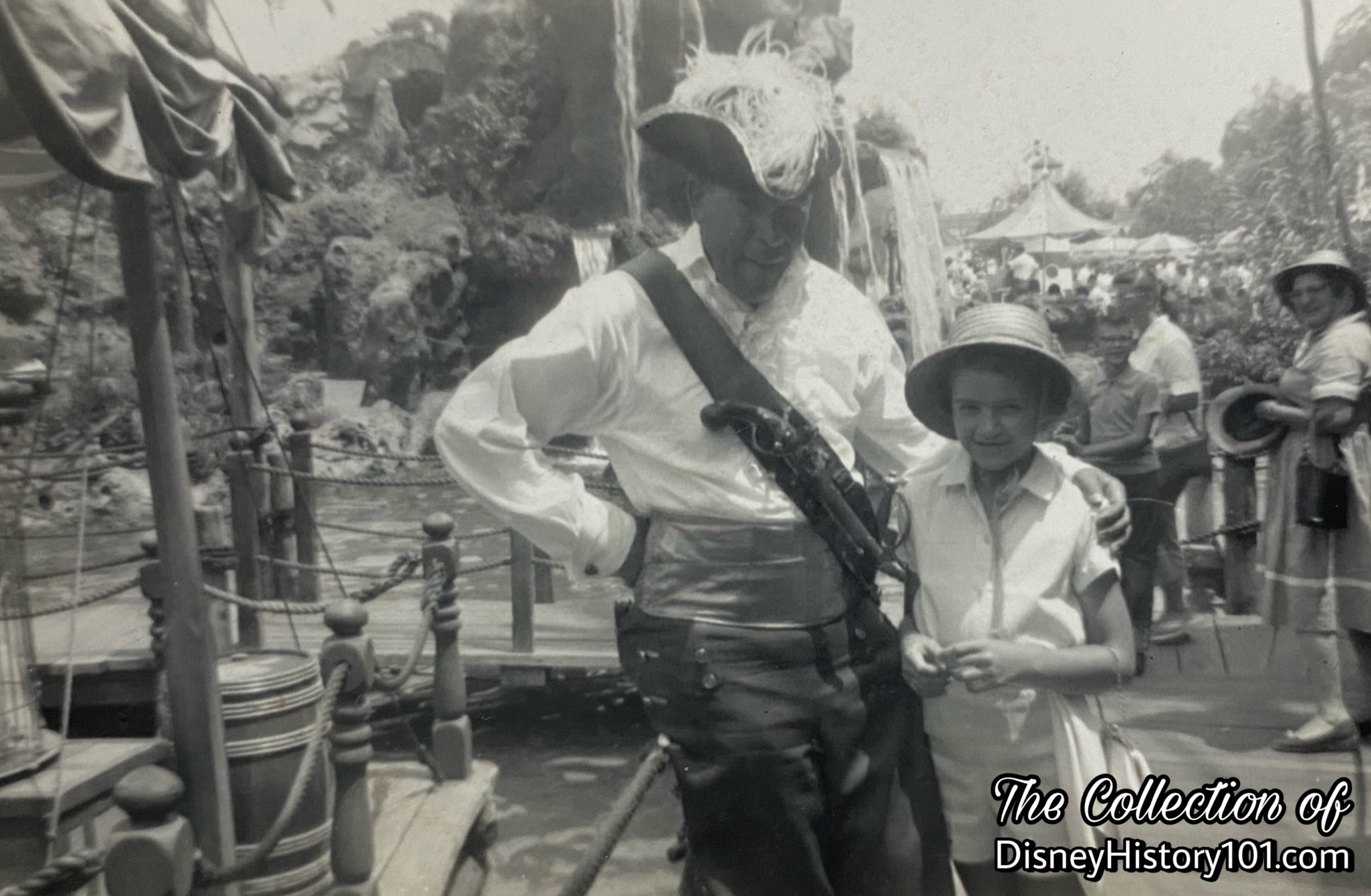
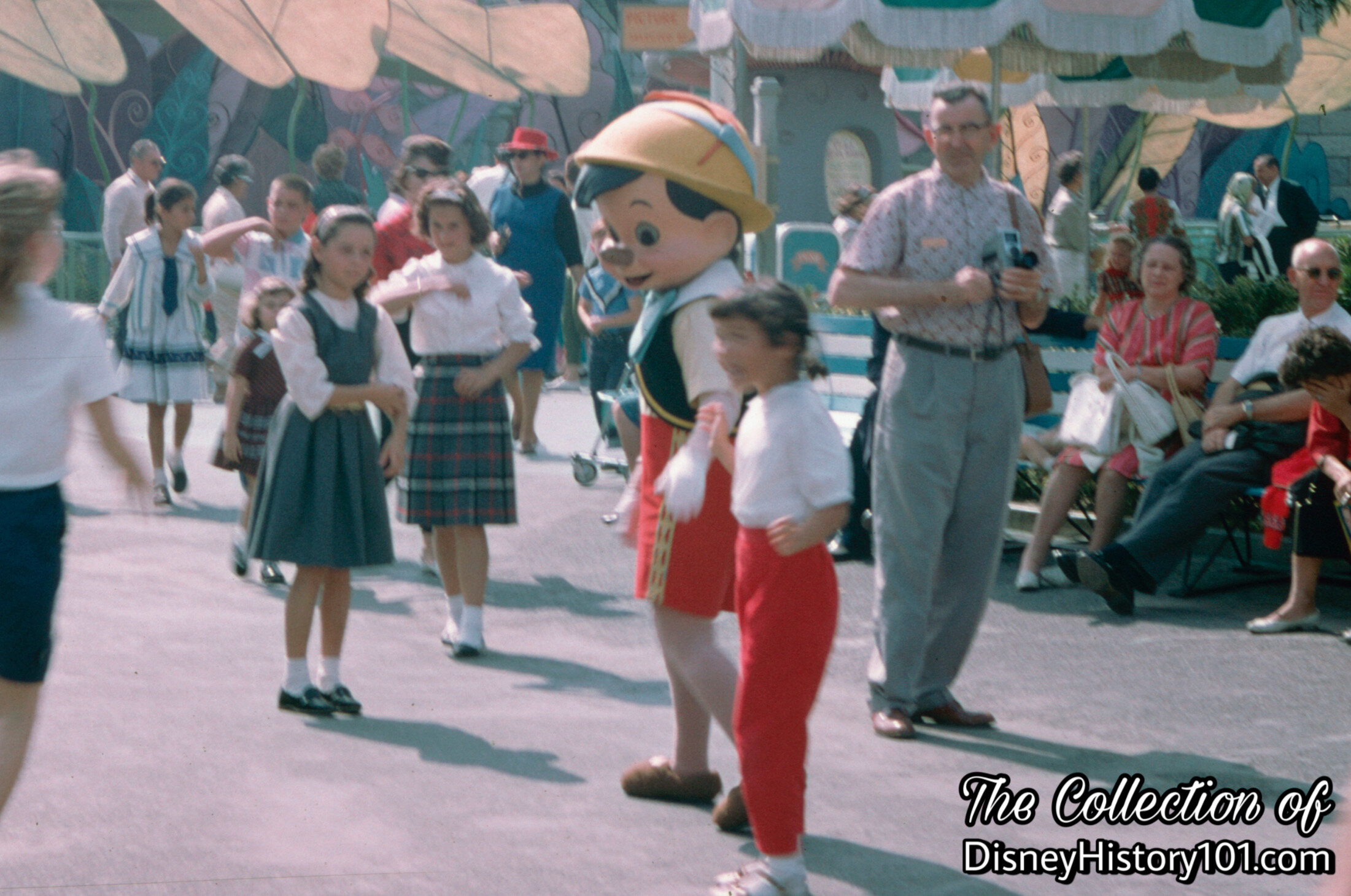
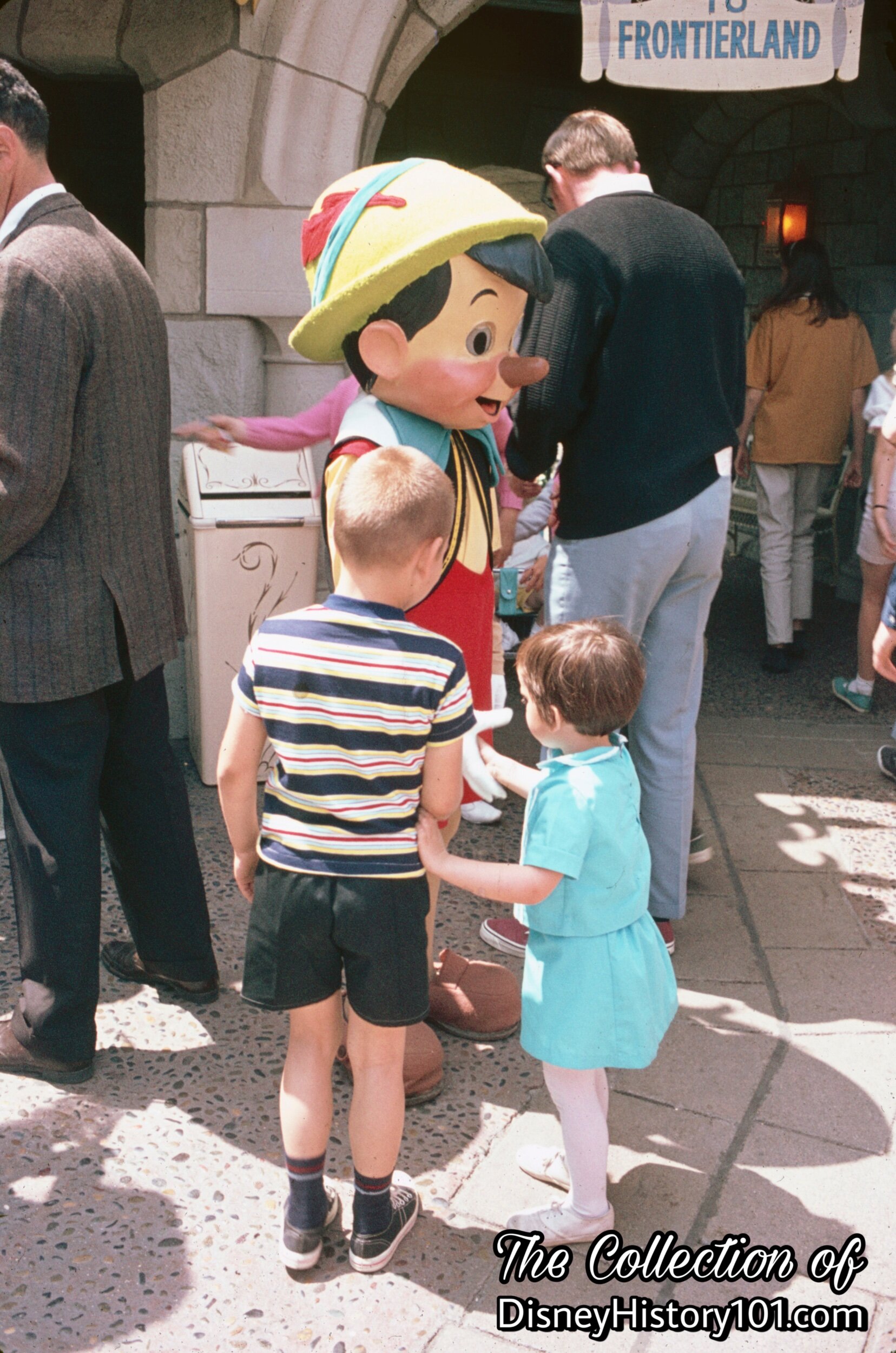
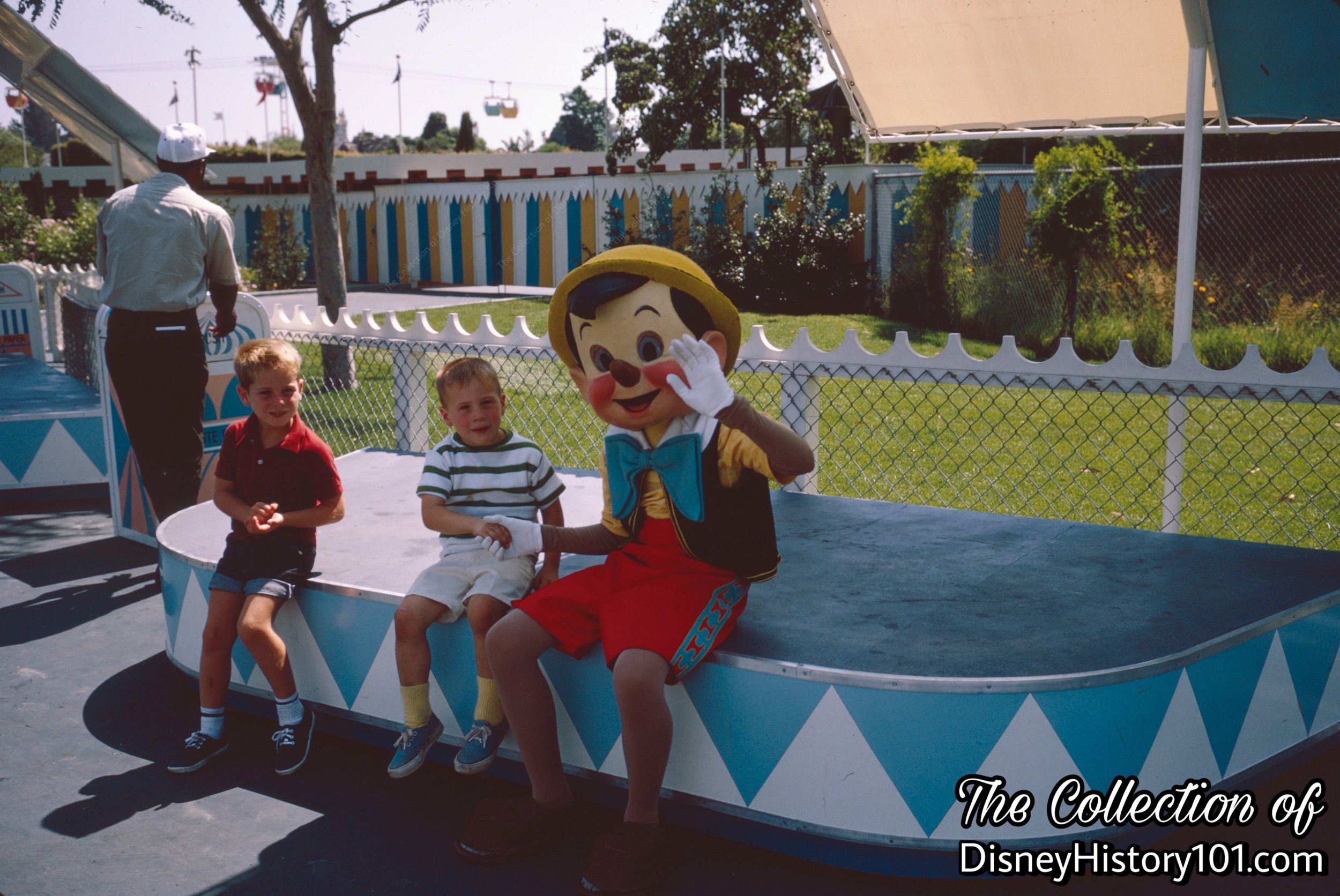
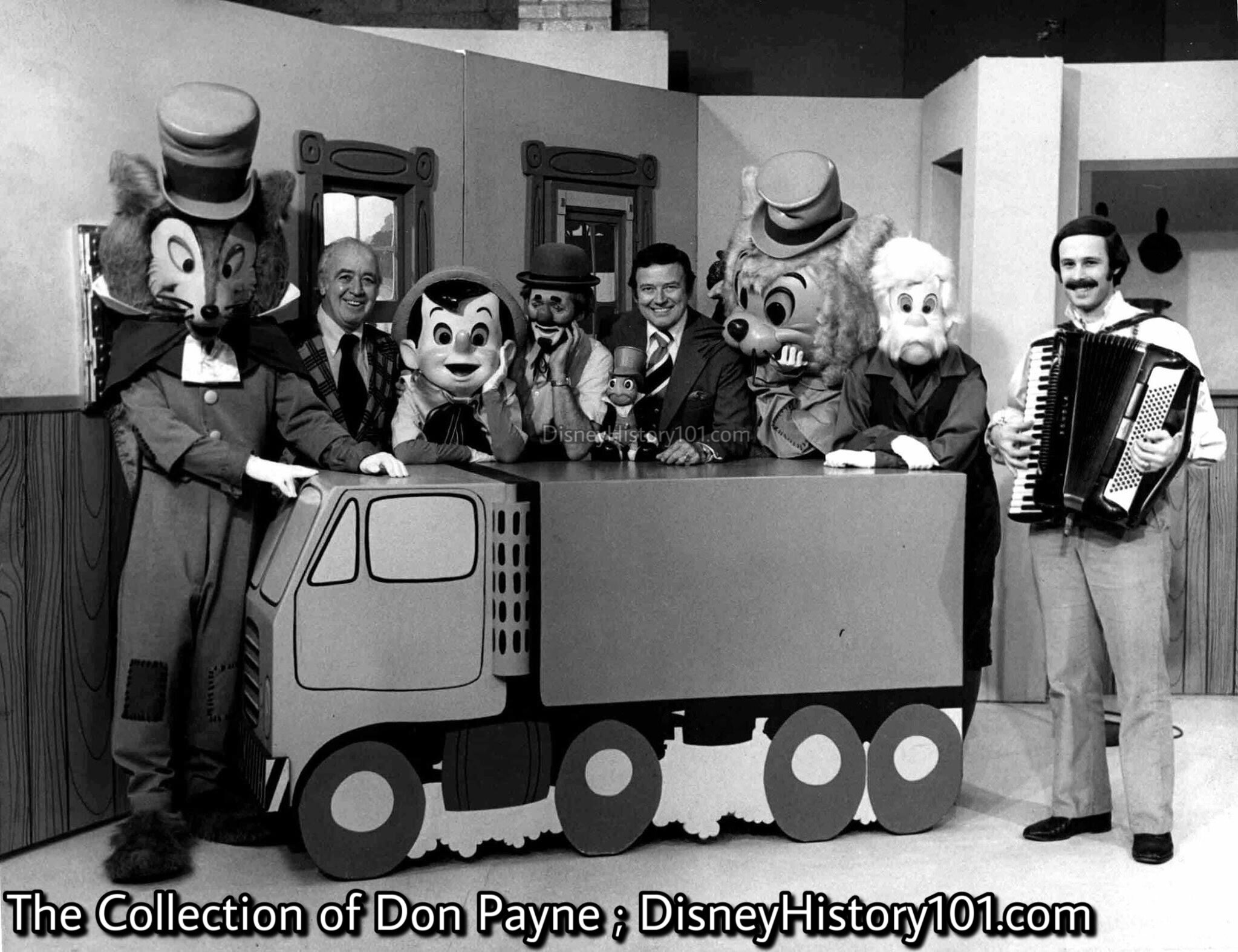
Don “assisted” Jiminy Cricket during the Pinocchio National Promotional Tour!
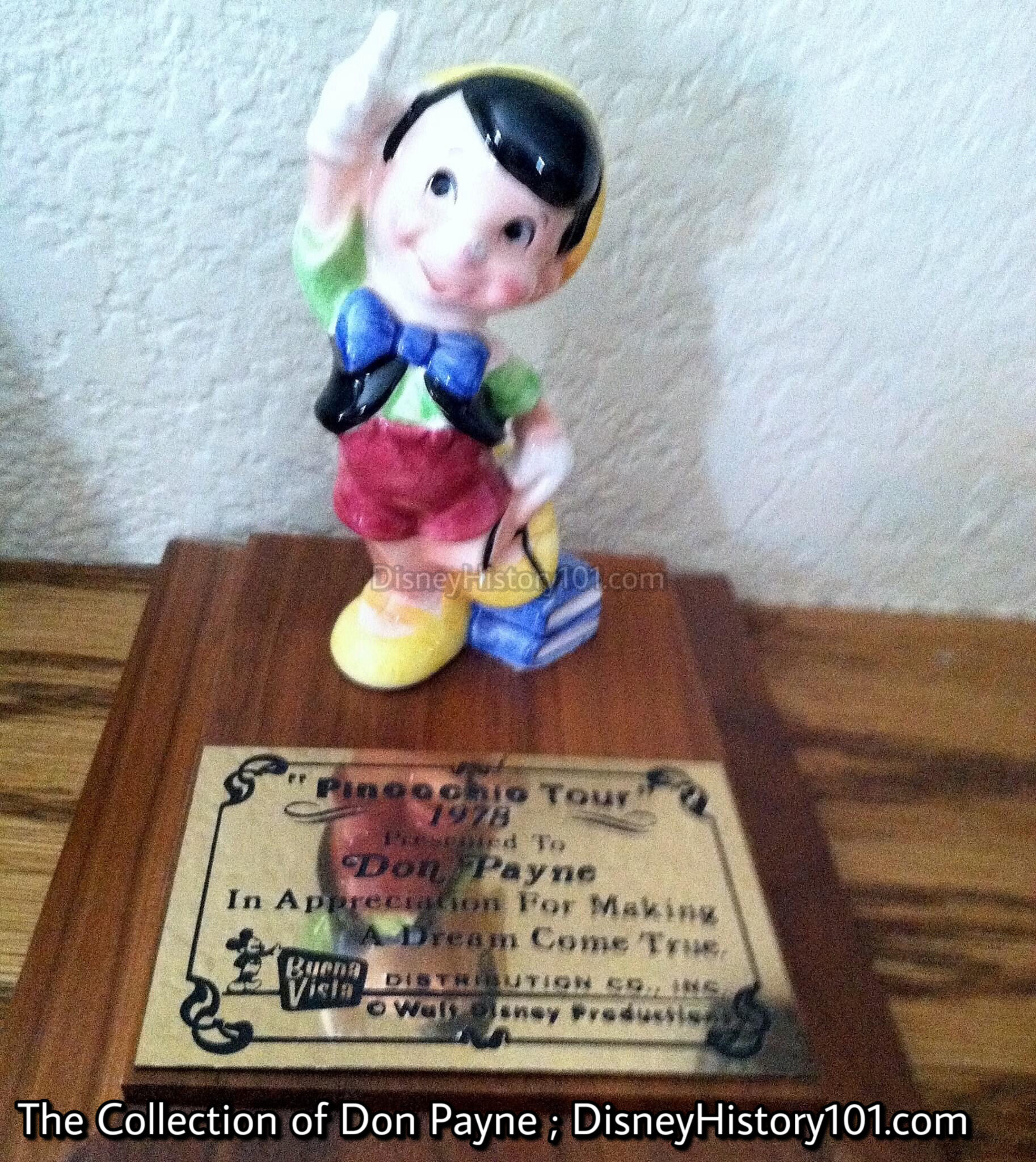

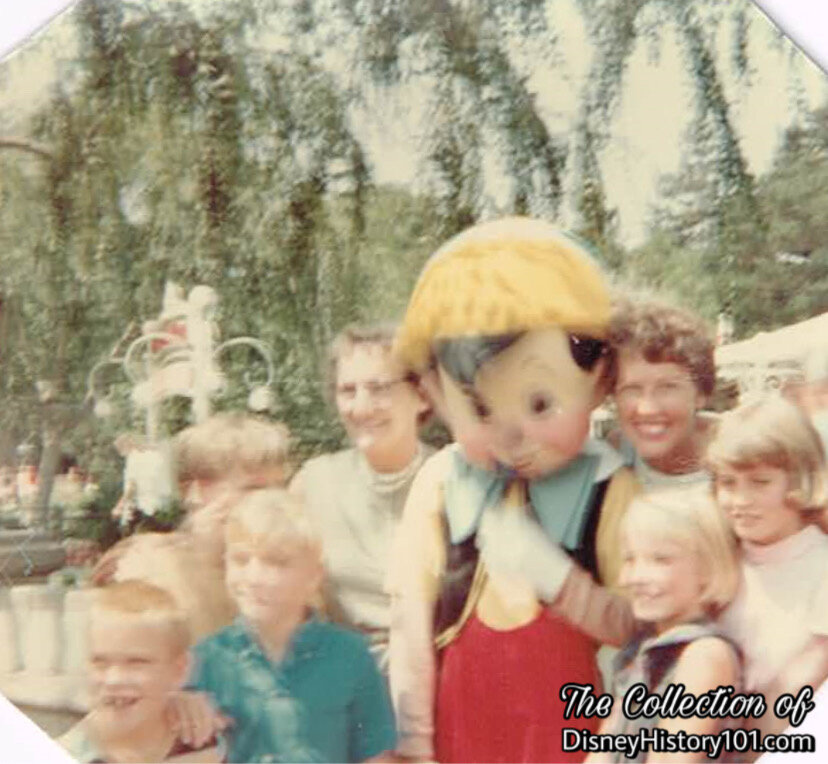
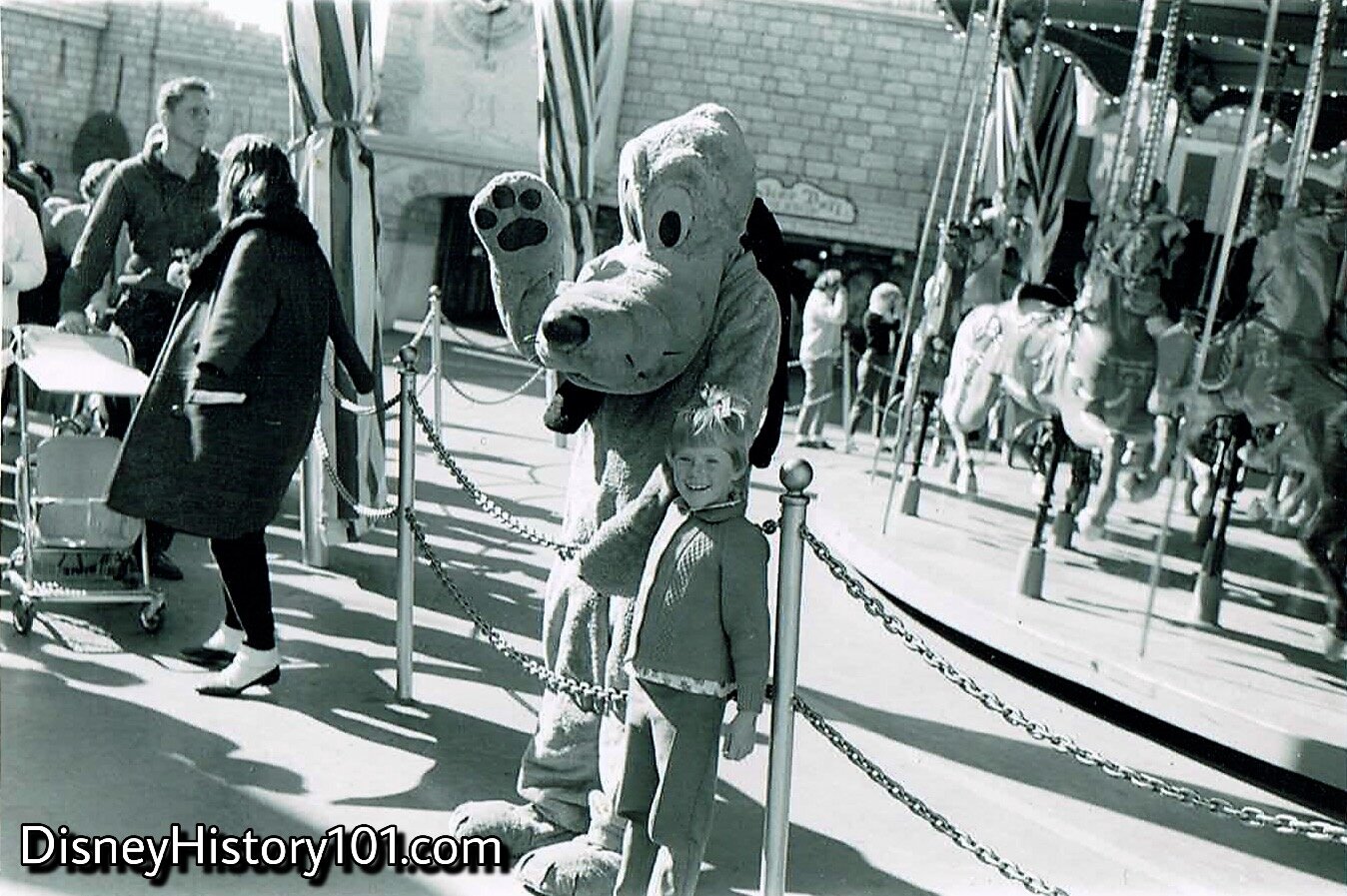
A number of Disneyland Cast Members were close to Pluto during the 1960s, including Tony Barksdale and Don Payne. Pluto was known for signing autographs and drawing cartoons of himself while holding a pencil between his paws.
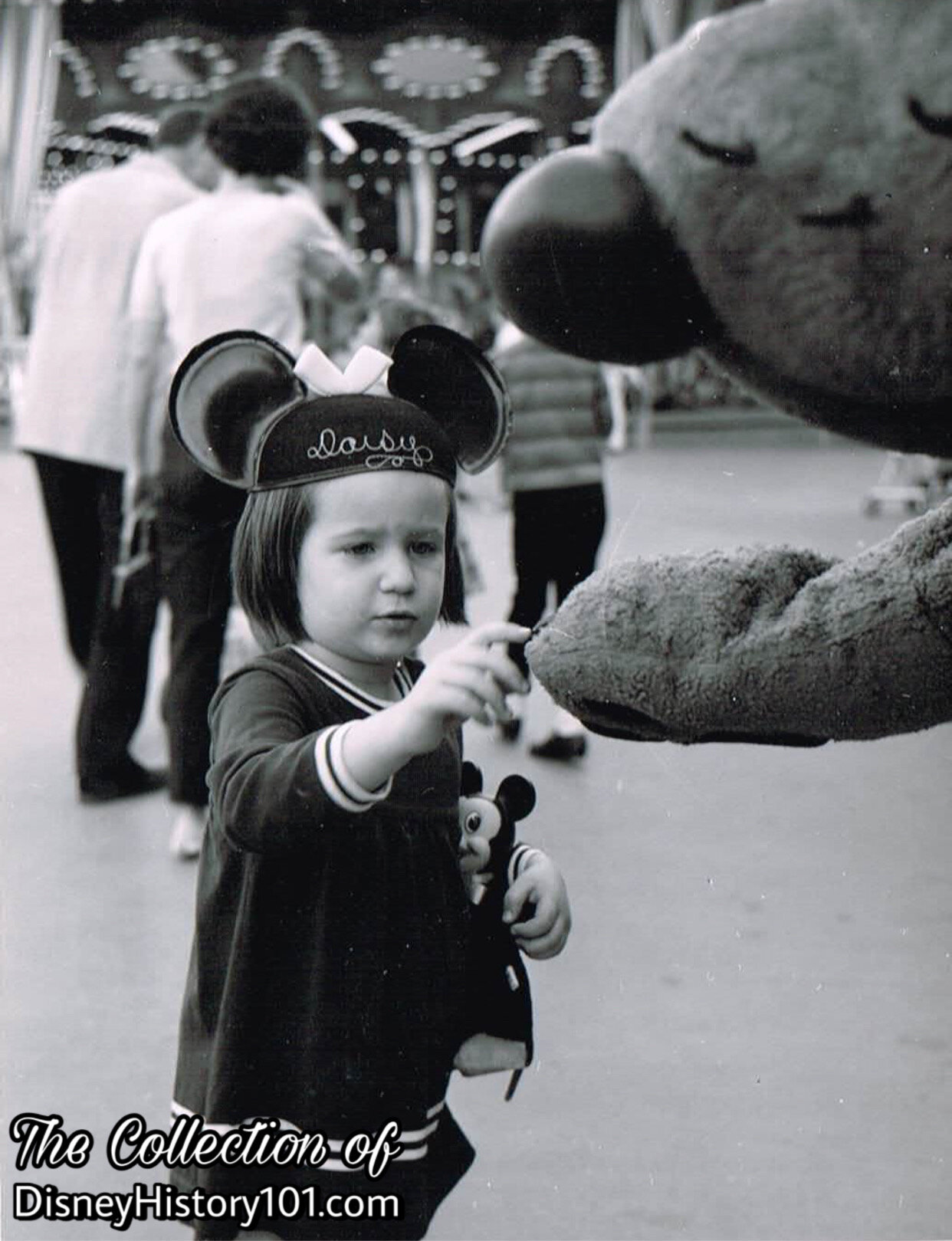

When Characters (like Mickey’s Pup Pluto) make each guest feel special, they are not just performing a role, but displaying a way of life! I am reminded of some wise old reminder, explaining how much the “personal touch” can mean to guests of all ages : “One personal experience, good or bad, usually makes the greatest impression. The personal touch is a way of life… a vital ingredient in Disneyland’s success.”
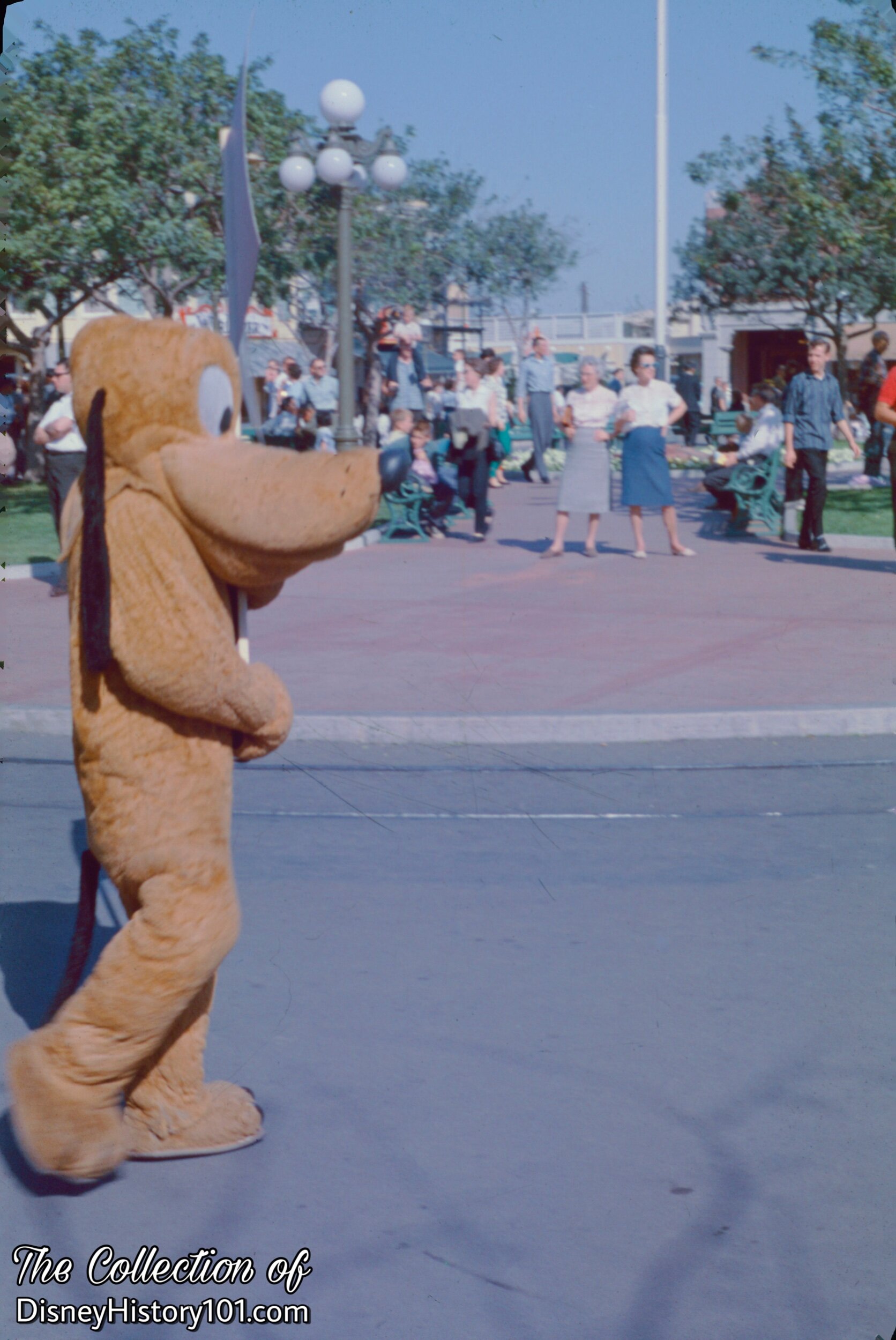
This image was captured on the day of the Pancake Races (perhaps during the parade).
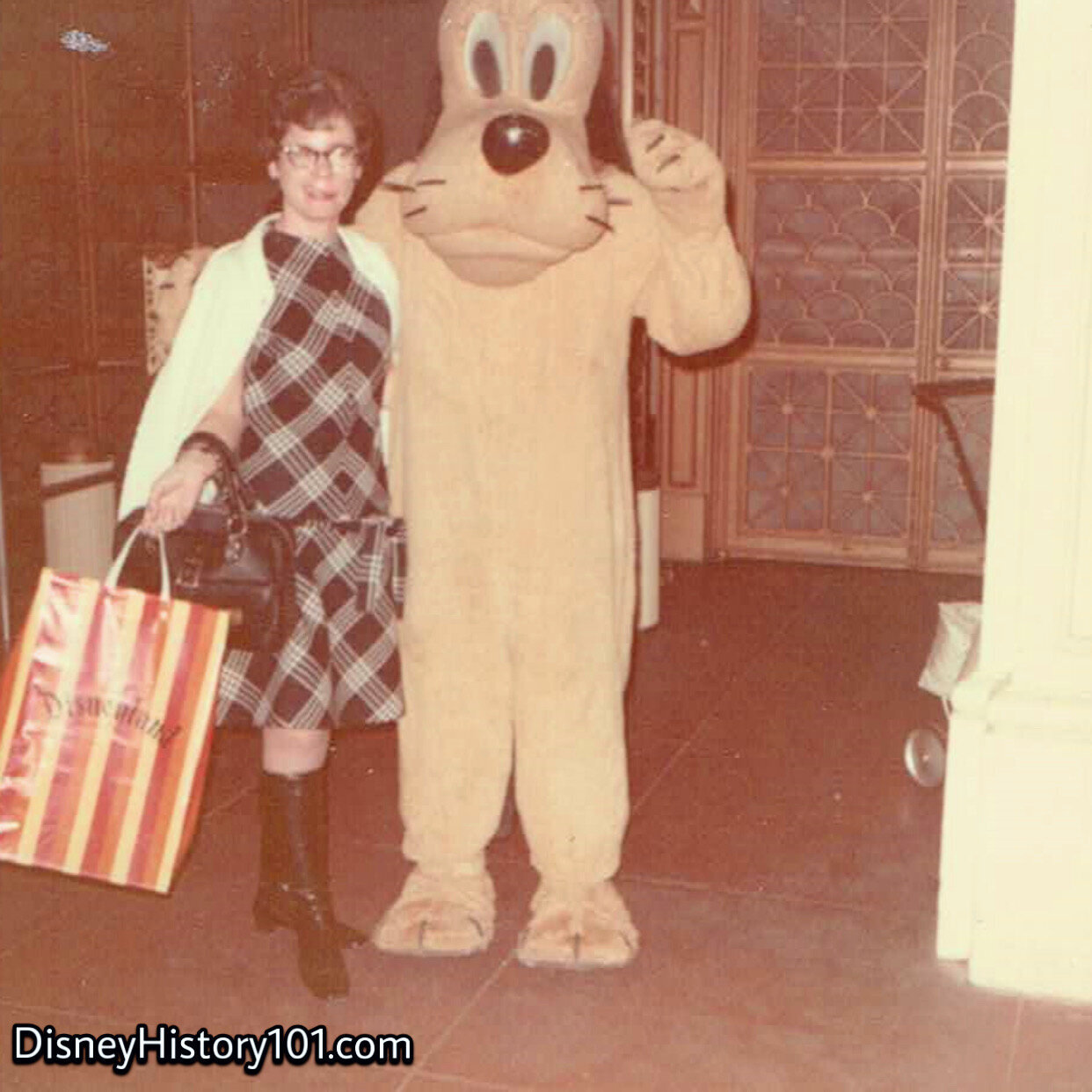
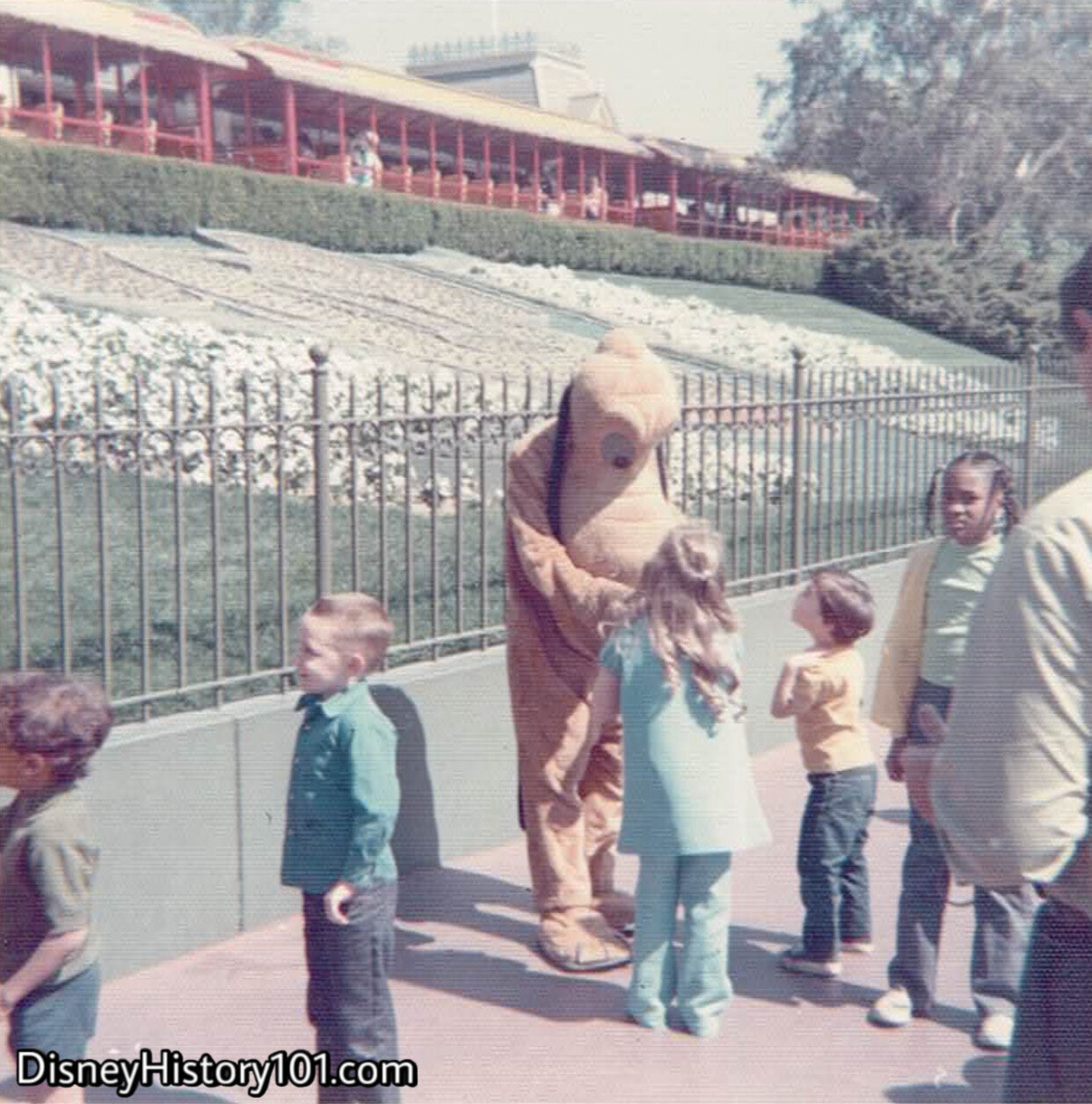
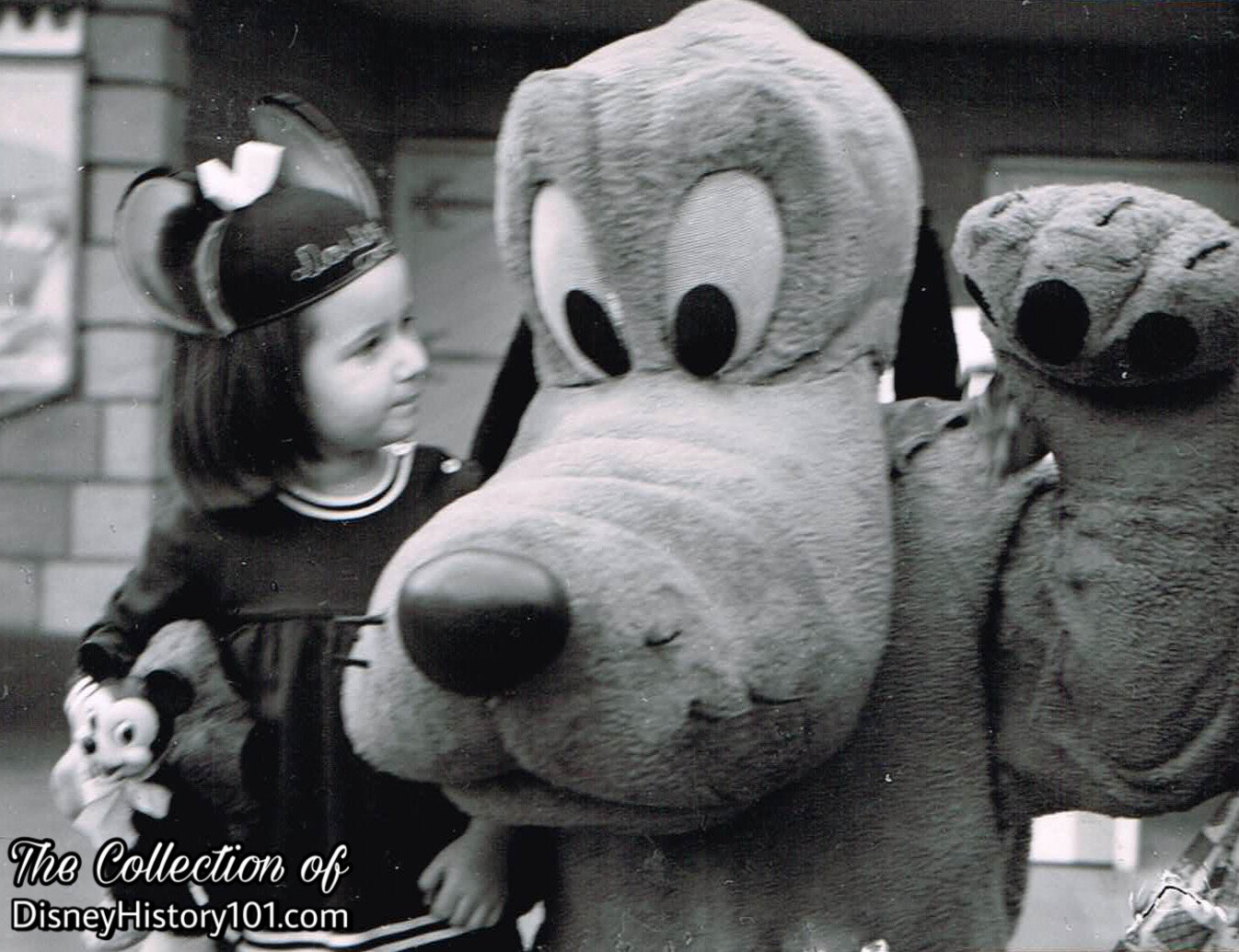
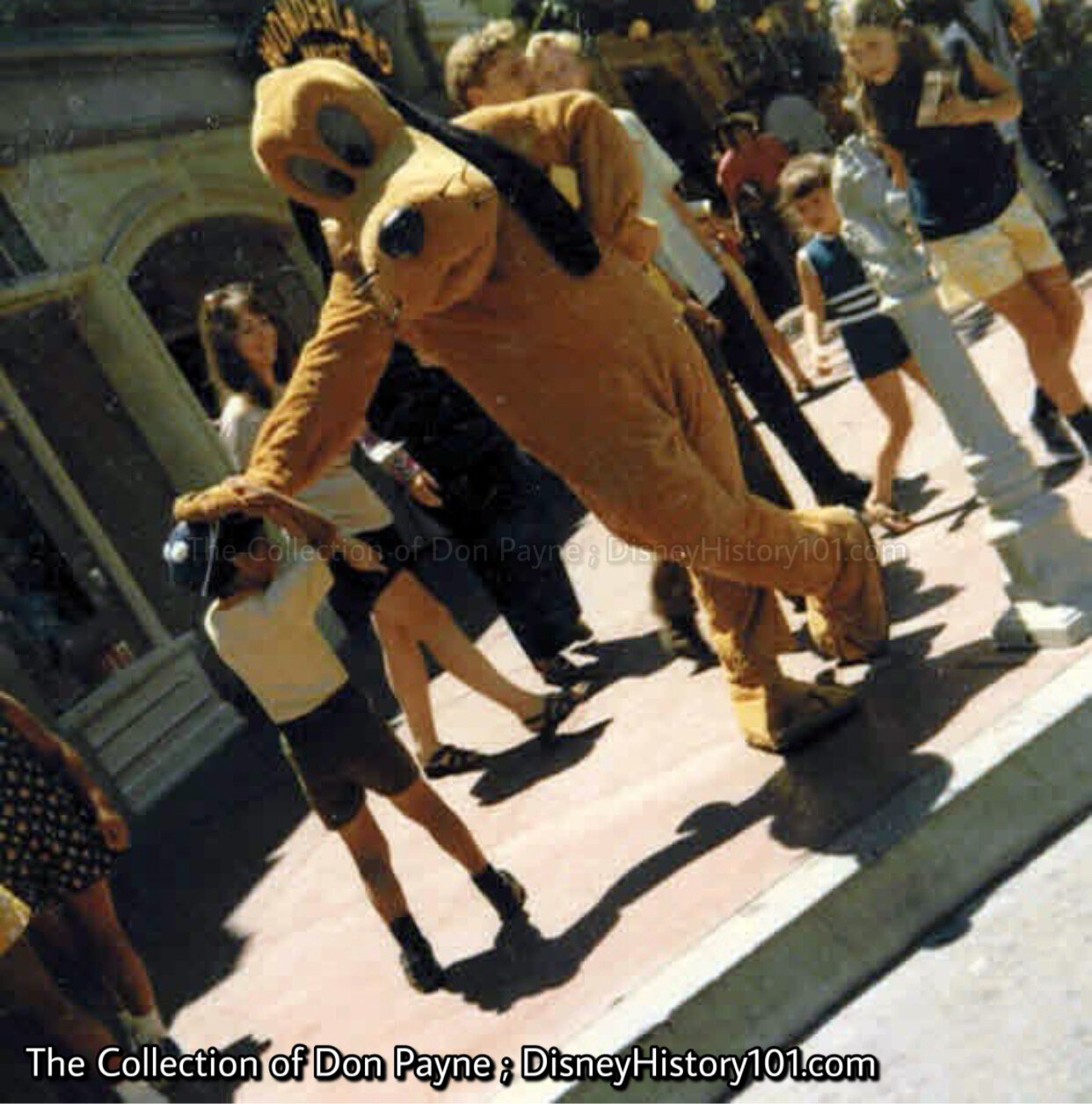
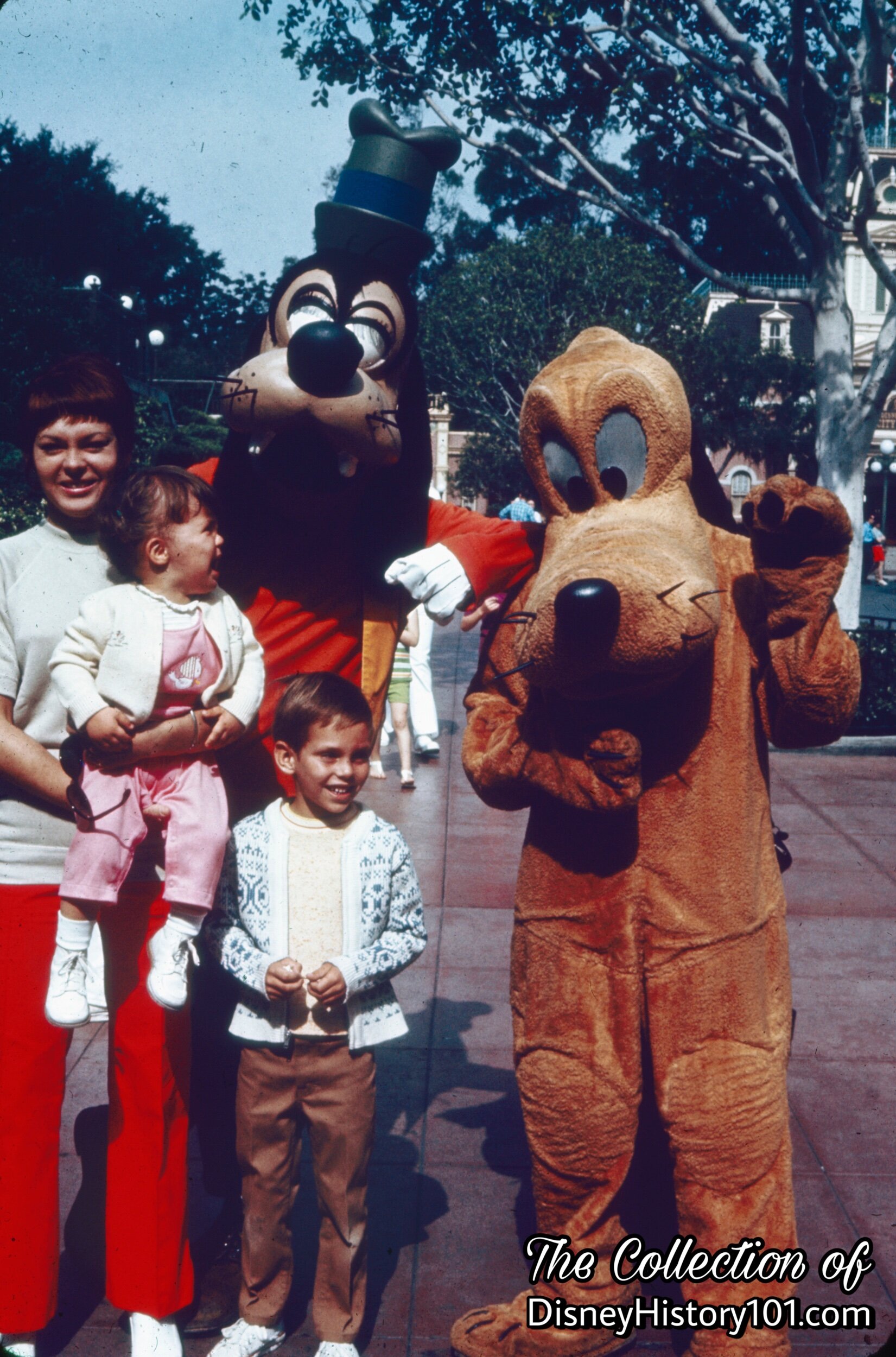
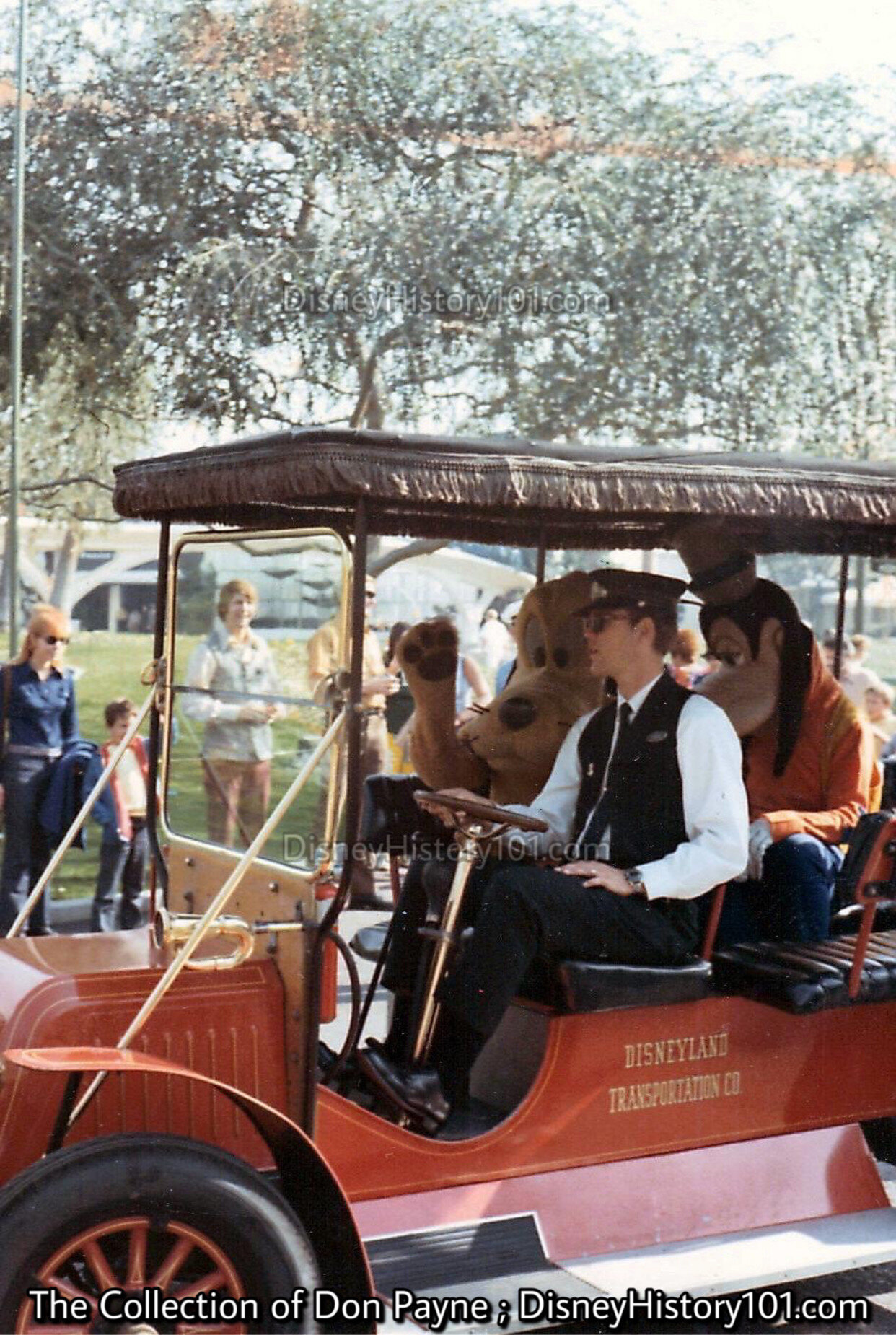
Pluto and Goofy ride in the Character Parade.
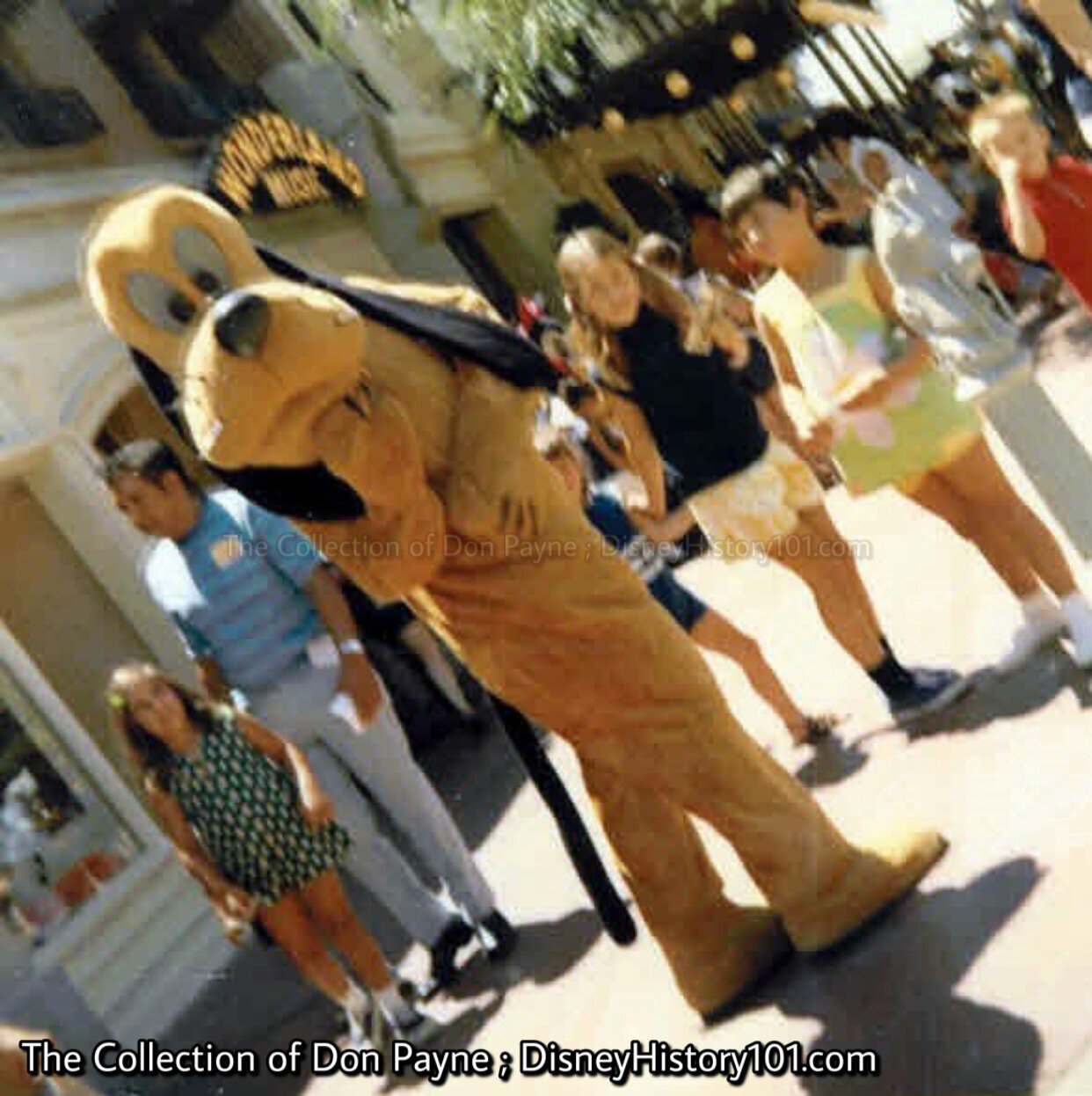
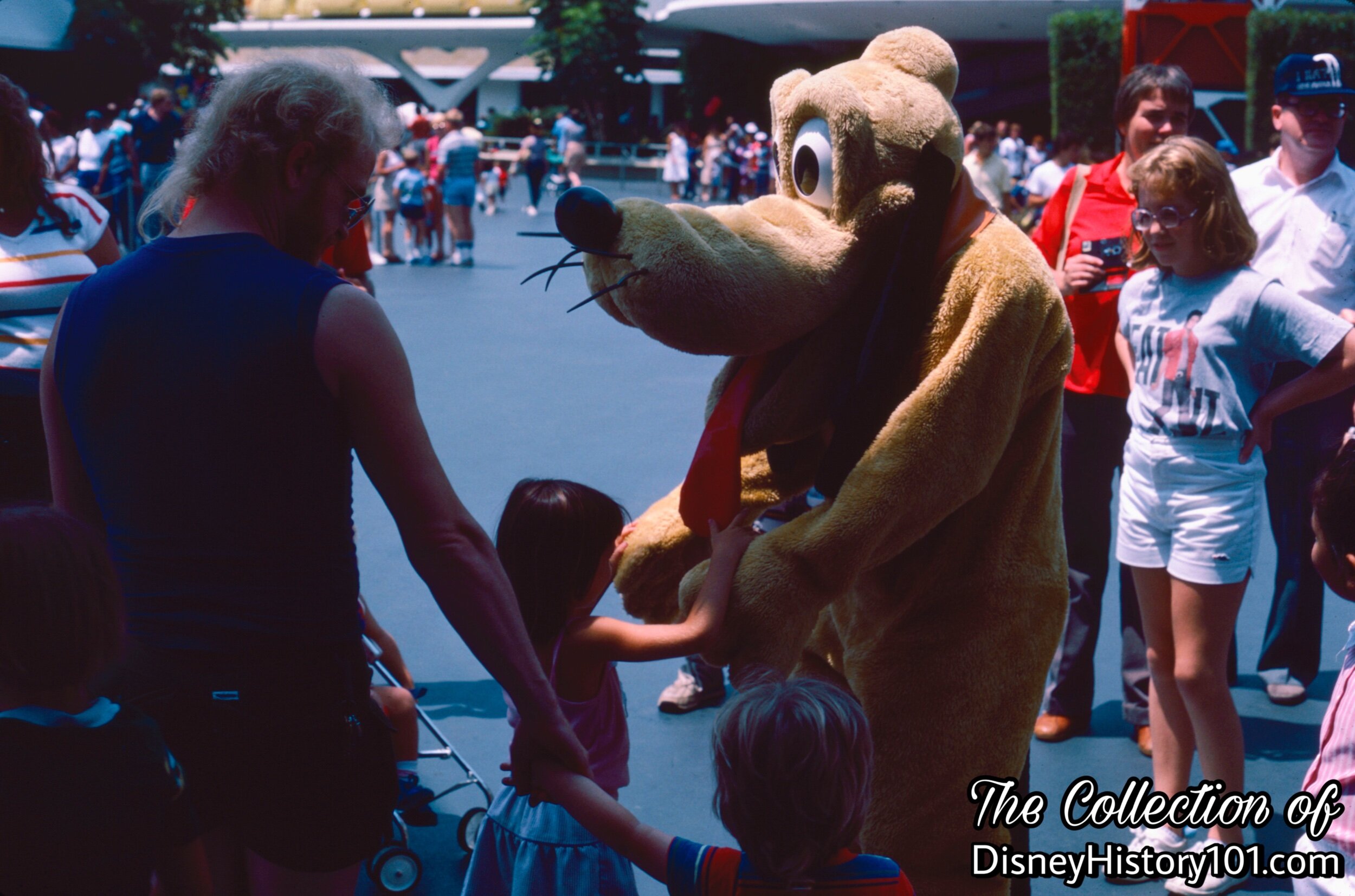
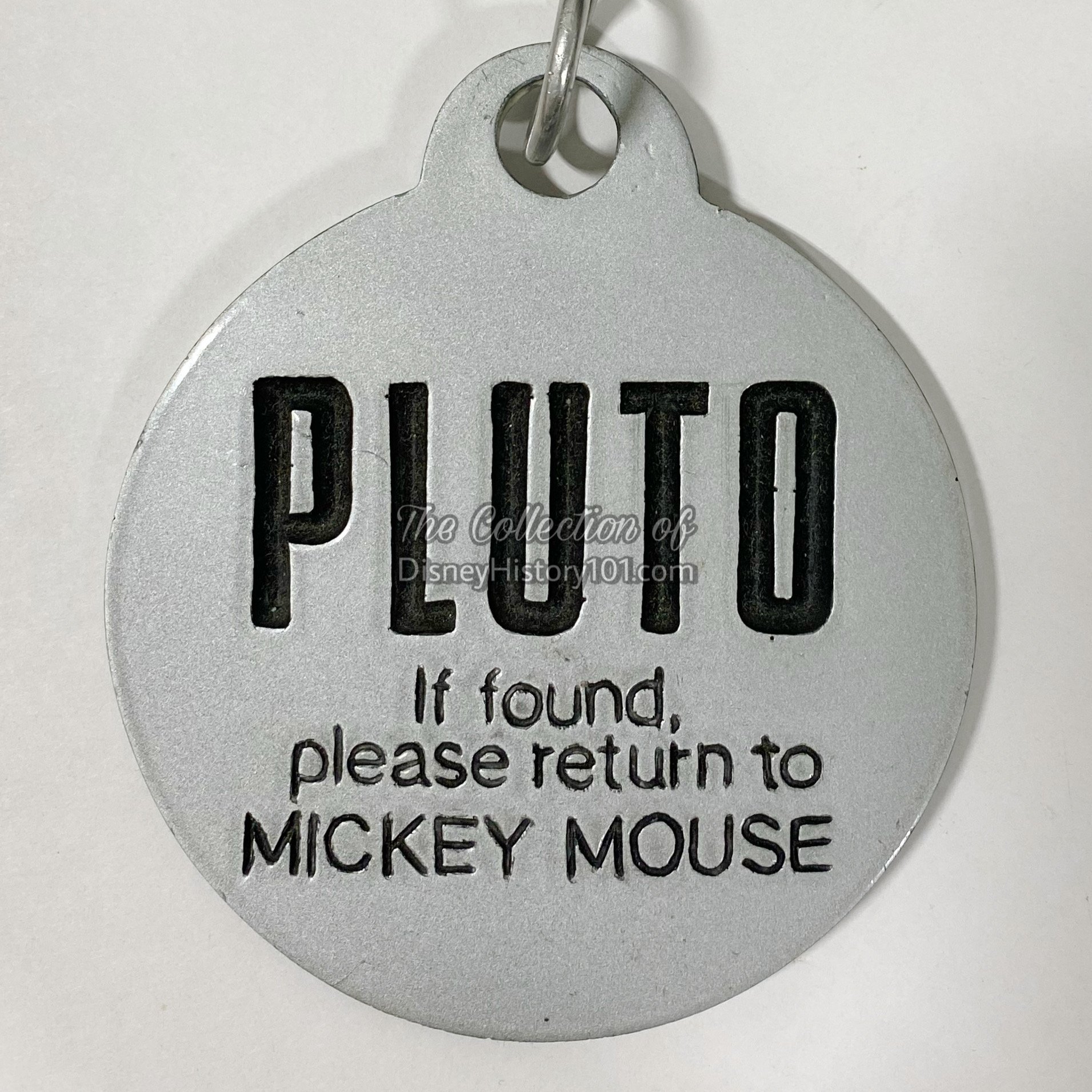

•Quasimodo -
•Queen (Snow White and the Seven Dwarfs)
•Queen of Hearts (Alice in Wonderland Unit)

•Rapunzel - The star of Tangled greeted guests in Fantasyland during 2012.
According to “Fantasy Faire - Just Got Happier”: “Rapunzel is an intelligent, adventurous 18-year-old who was raised in a tall, tall tower. After her caretaker, Mother Gothel, refuses to let her leave the tower, Rapunzel convinces Flynn Rider (a stranger) to be her guide. Their journey leads them to new friendships and adventures neither had expected (including discovering she is the "lost princess" of the kingdom). She is eventually reunited with her royal parents and marries the love of her life ... Flynn!”
She also appears in “Mickey and the Magical Map” presented in the Fantasyland Theatre.
•Rafiki (The Lion King)
•Rhinonkey (The Wuzzles) - This character is believed to have appeared in Walt Disney’s Magic Kingdom On Ice: Sport Goofy from 1985 to 1986.
•Robin Hood - Robin Hood - the hero of Sherwood Forest, an expert in archery, and object of Maid Marian’s affections made his theatrical debut on November 8, 1973. When he isn’t giving Little John archery lessons, Robin Hood can be found at Disneyland.
•Roger Rabbit (Who Framed Roger Rabbit) - The “budding new ‘Toon’ star” and Roger Rabbit made his film debut on June 22, 1988, while becoming the “newest member of the Disney Character family.” Designs were prepared and approved during April of 1988 owing to Alyja Kalinich (Disneyland Character & Entertainment Costume designer from 1979-1999) and Roger Rabbit soon became “one of the officiating dignitaries at the grand opening of Disneyland’s newest attraction Splash Mountain.” A few months later, Touchstone Pictures received three Academy Awards for “technical excellence” displayed in “Who Framed Roger Rabbit.” [see The Walt Disney Company 2nd Quarter Report]
•Roy Williams (“The Big Mooseketeer”)
•Royal Jesters -
•Royal Street Bachelors -
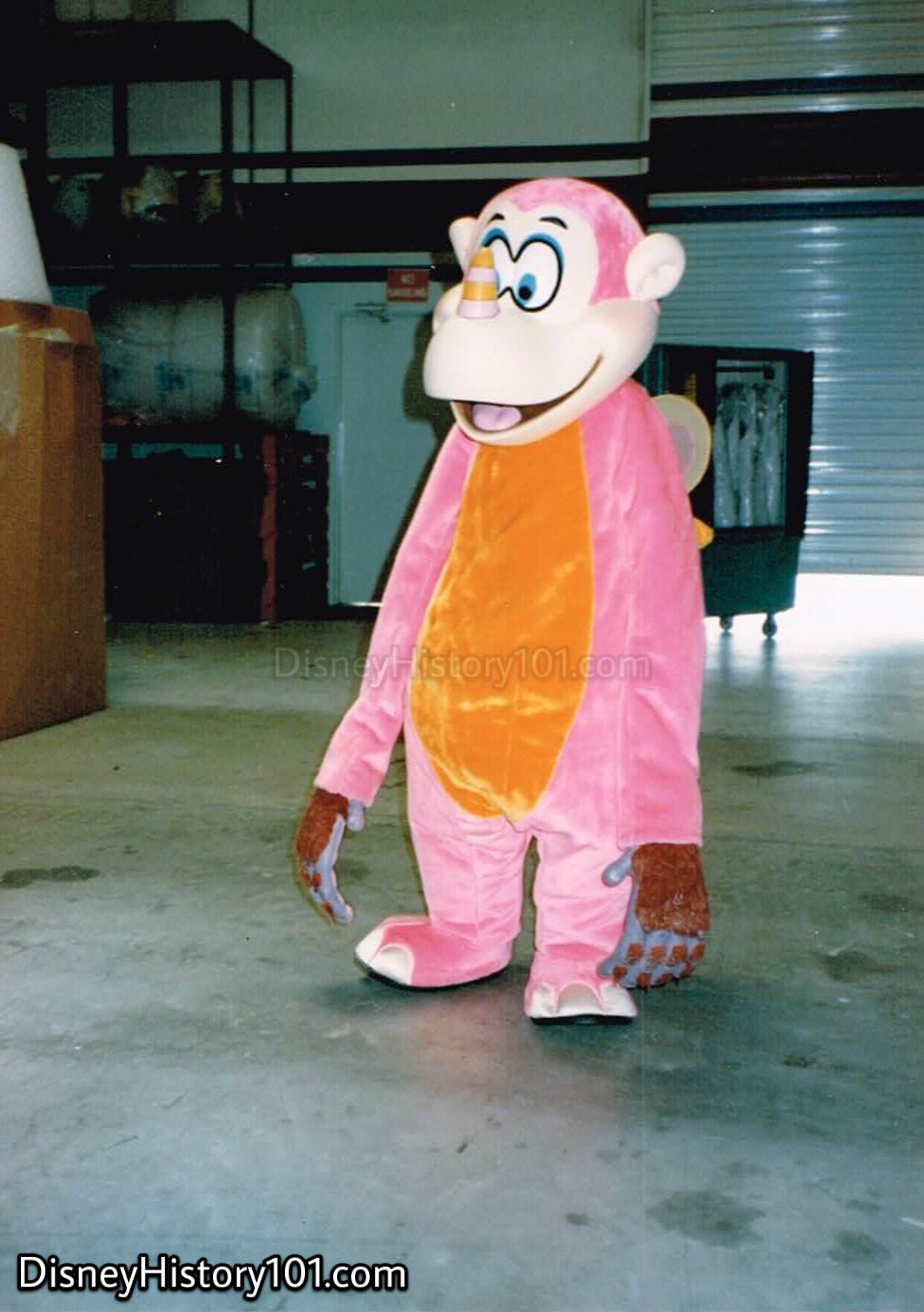
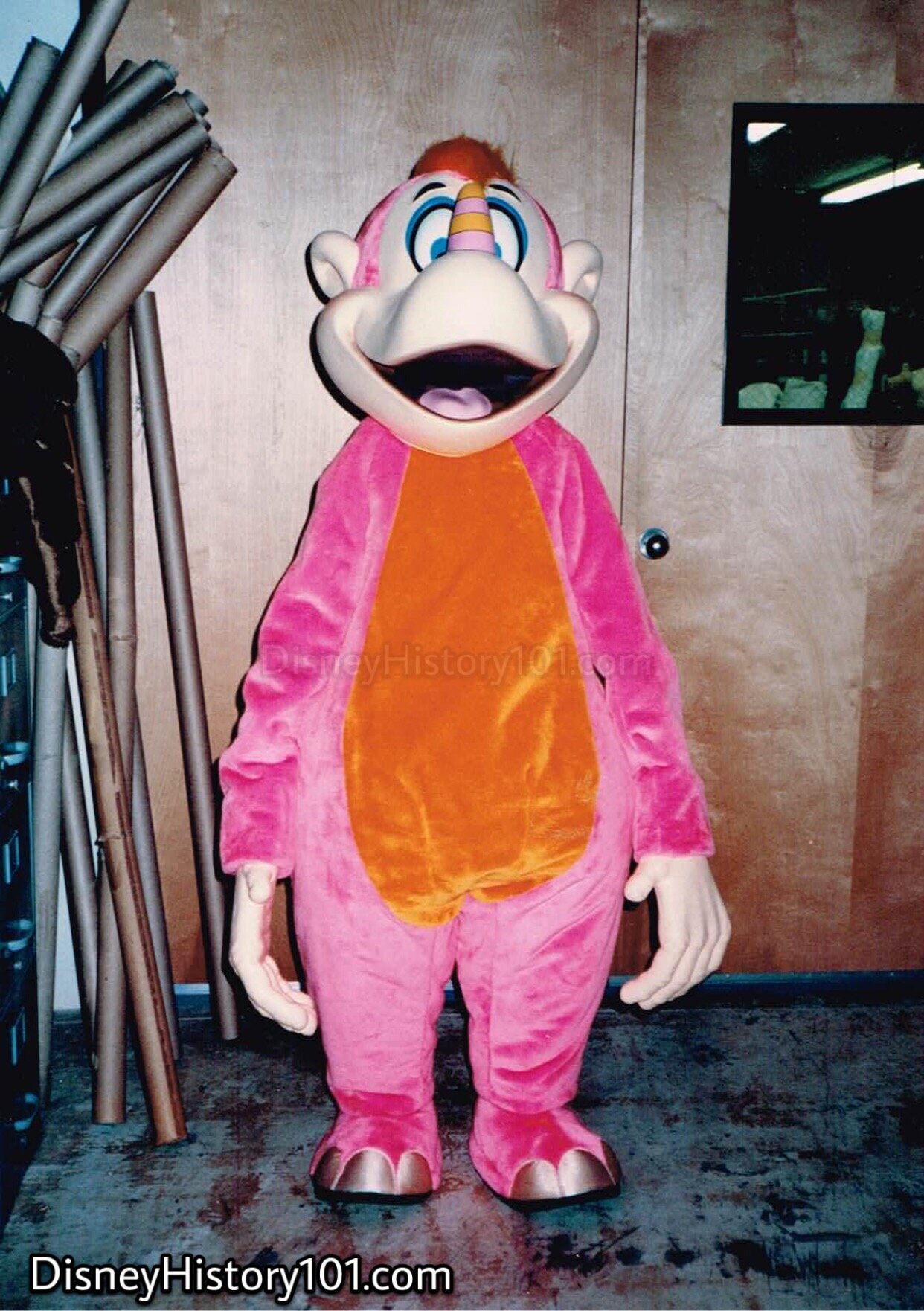
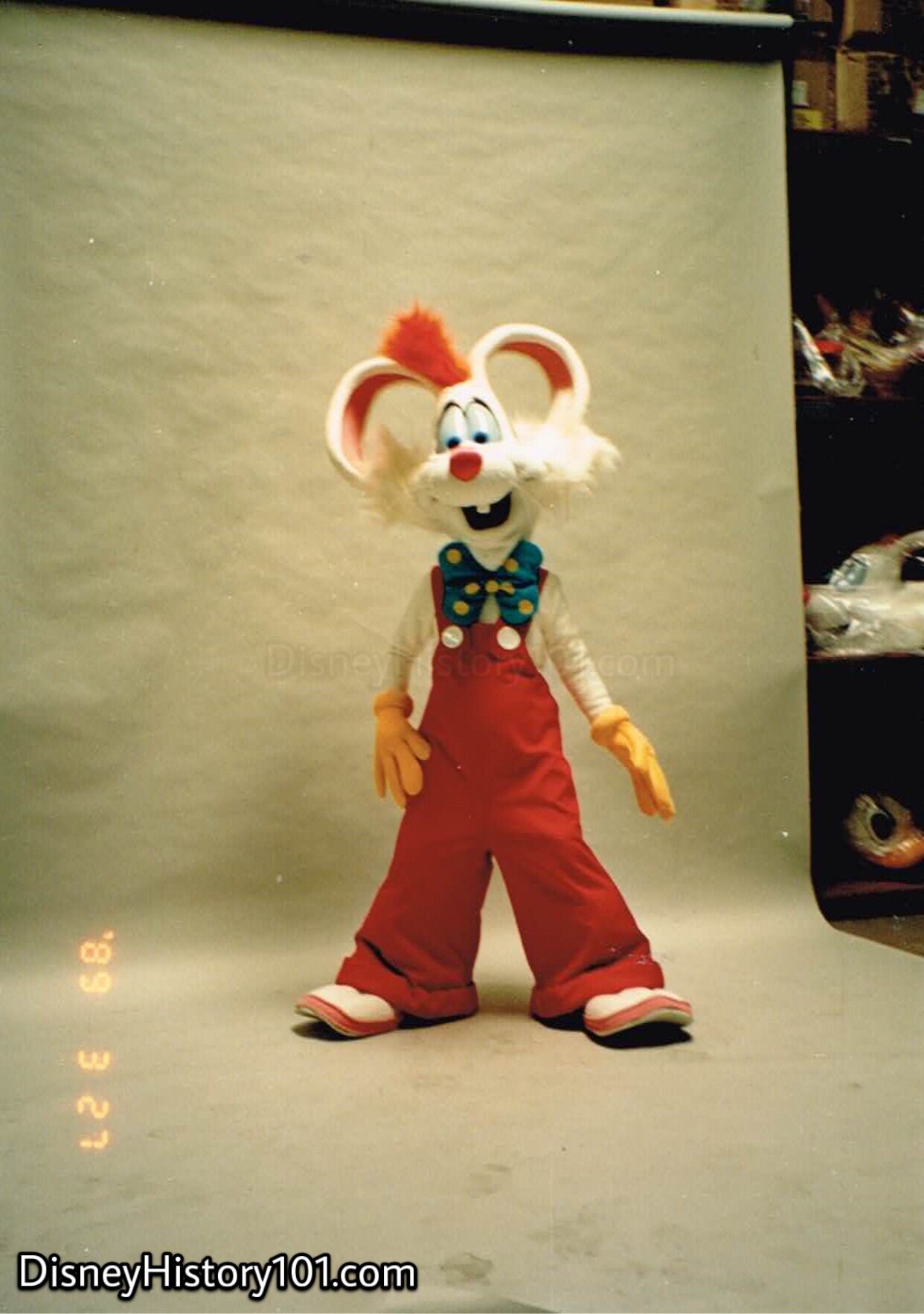
Roger Rabbit (star of the popular 1988 film) appeared in Disneyland long before the creation of of Mickey’s Toontown (which opened in 1993).
Show Documentation captures the creative intent. As was the tradition for the Entertainment Costuming Department, multiple costumes were created (for backup or use for out-of-the-Park appearances). This can be evidenced by the “toon head” stored in the background, on the left.
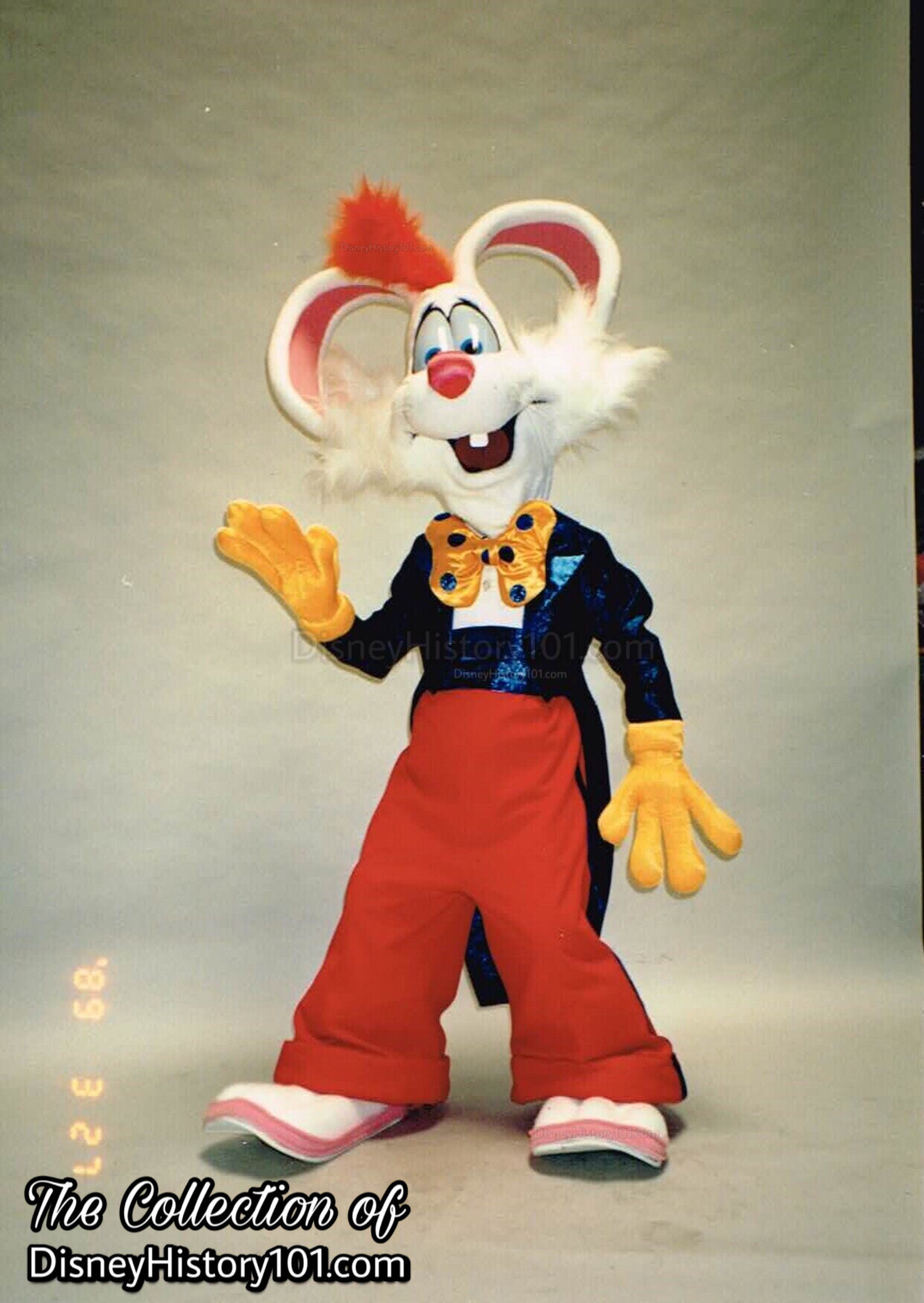
Roger Rabbit would received new costumes as he would appear in various parades and events. Here, the star of the popular 1988 film gets fitted for a tuxedo, before an early (pre-Mickey’s Toon Town) appearance.
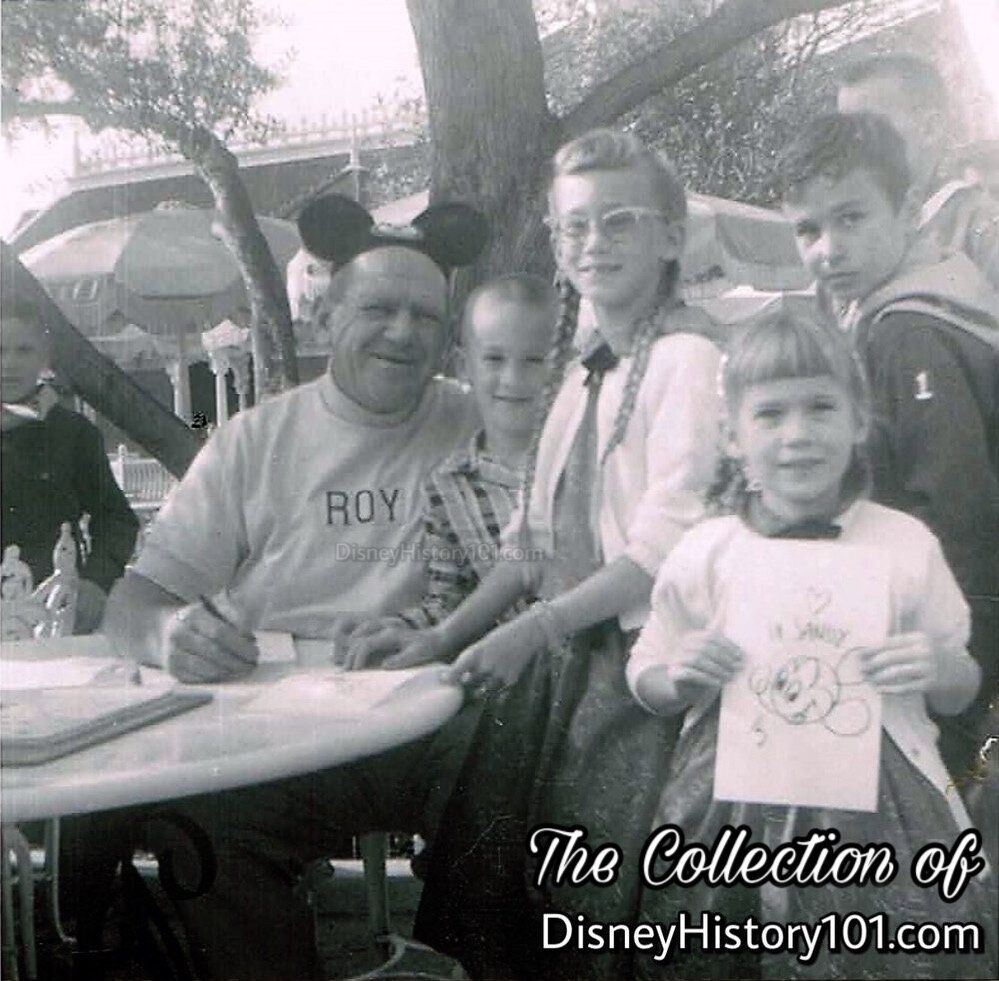
Roy Williams stops by the Plaza Pavilion in order to entertain a group of kids, and draw their favorite characters (like a drawing of Mickey for little Sandy)!
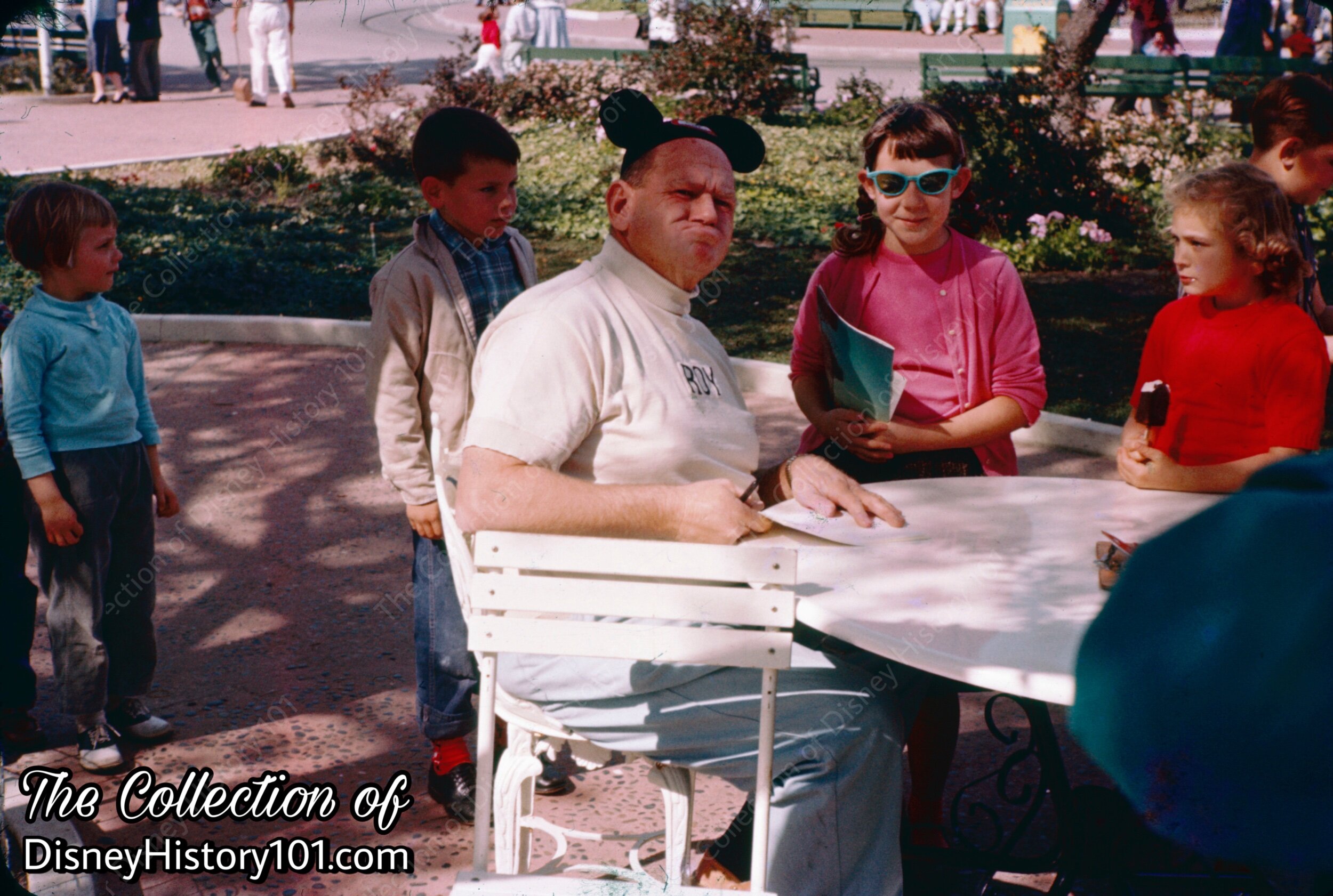
Roy Williams could often be found under an umbrella on Red Wagon Inn’s patio. Young Mickey Mouse Club fans seek out the “Big Mooseketeer” in search of an “original” Disneyland souvenir. Roy’s solution was to create a few funny faces (and sketches) for his young admirers.
(Photo : Late 1950s, Early 1960s)
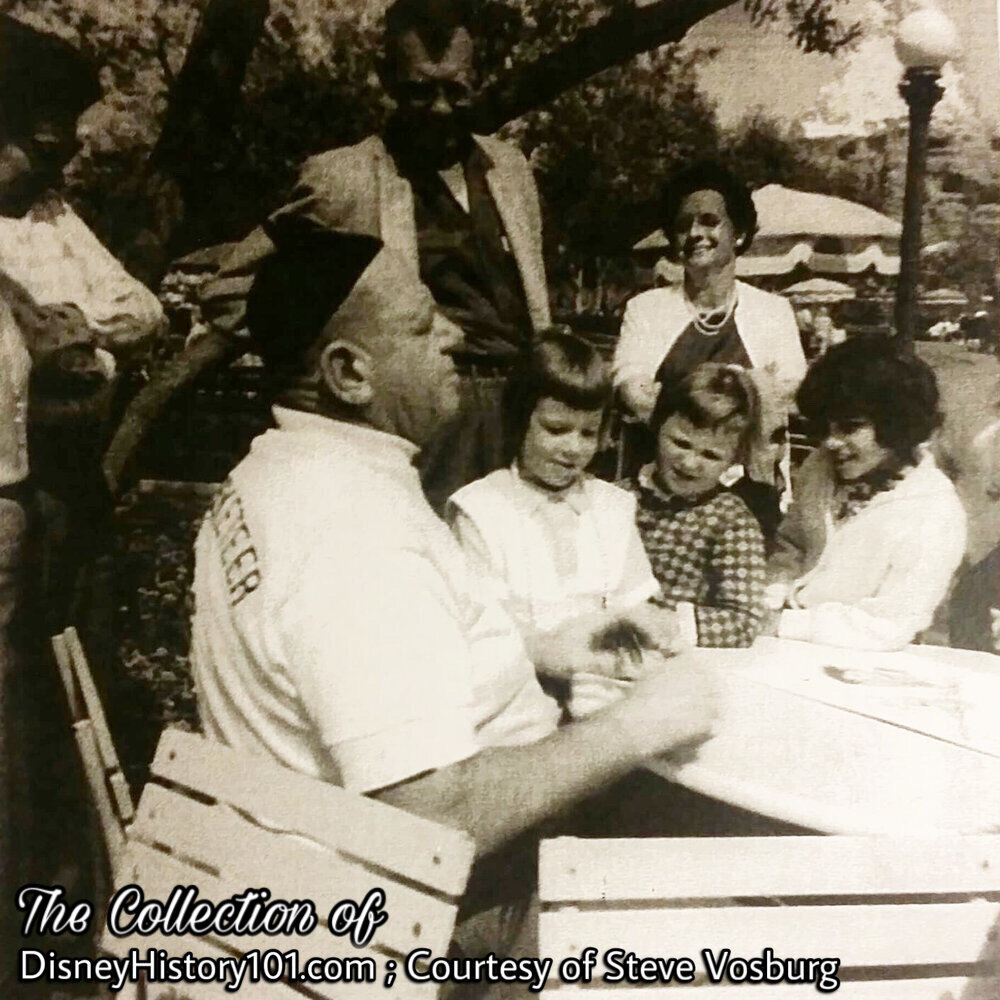
“STEVE VOSBURG REMEMBERS MEETING ROY WILLIAMS”
“I shot of Roy with my Brownie 2 camera. One time my mother and I were having lunch in the employee's cafeteria and Roy was sitting across from us at another table. After a few minutes he got up and came over and gave us a sketch he drew of my mother and I on a little three-by-five pad. It showed in cartoon form of my mother and I sitting at the table-- me with horns and forked tail!”
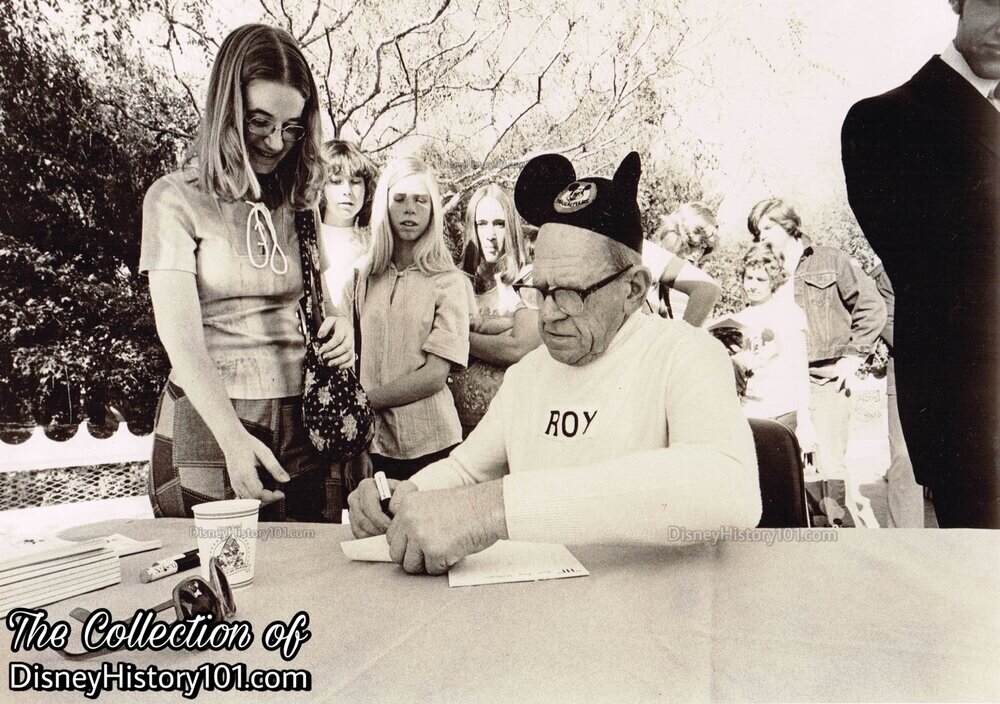
Roy Williams (the “Big Mooseketeer”) continued to make appearances for many years, as seen in this photograph taken during Disneyland’s salute to America’s Bicentennial Celebration. We imagine that the tables at the Plaza Inn were full, as Roy is sitting at a table near the Canals of Story Book Land!

•Sax Quintet - c.1986
•Scat Cats - The Scat Cats debuted at Disneyland during December of 1970. Disneyland's newest Characters, the Scat Cats from Walt Disney Productions’ latest animated feature, The Aristocats, starred in a special stage show with Scatman Crothers, Fulton Burley, and The Swinging Ambassadors. Shows were staged daily on the Tomorrowland Stage through the winter season (at 3:30, 4:30, 5:30, 6:30, and 7:30).
•Scrooge McDuck - During 1986, Ducktales was planned to be a 65 part animated series for afternoon time periods (according to Walt Disney Productions Quarterly Reports). Scrooge McDuck was still the star of the most popular syndicated children’s television series in 1989. [see The Walt Disney Company 2nd Quarter Report]
•Scuttle - Ariel's bumbling seagull friend and human artifacts expert.
•Seven Dwarfs - The Seven Dwarfs made their film debut December 21, 1937. The first time they made their Disneyland debut, the original Seven Dwarfs were on loan from the Ice Capades. These would help open “Snow White and Her Adventures” to guests of all ages during the Disneyland opening day broadcast. New (second) incarnations of the Seven Dwarfs (the 2nd to appear in Disneyland) were some of the 33 characters to debut in the Park as part of Disneyland’s big summer show of 1961. These would begin to embody “the Disney Touch” of teamwork, appearing from the Summer of 1961 to 1971. During this time, the Seven Dwarfs were part of the Pre-game “Walt Disney and Disneyland Salute to the California Angels” at the new Angels Stadium on Saturday, April 23rd, 1966! Walt Disney’s Snow White and the Seven Dwarfs was rereleased multiple times (as in 1967) and many individuals became acquainted with the Seven Dwarfs, including Steve Berk (some time after 1969).
Over time the Seven Dwarfs would receive updates that would allow for increased interaction with guests as well as greater Cast comfort and safety. For example the Seven Dwarfs’ caps (originally, not fastened tightly) had the tendency to slide on their head, and infringe upon the Cast Member’s field of vision. This issue was addressed.
The third incarnation of all Seven Dwarfs (to appear in Disneyland) were designed and sculpted in clay by WED Enterprises artists. These designs were sent to Disneyland Staff Shops, where full-scale versions were sculpted in clay, in order to cast molds. These were sent to the Paint Shop and Wardrobe for the remaining fabrication according to specifications. The results were much lighter than the previous incarnations. These would appear from 1971 to 1983, debuting with a traveling stage show called “Disney on Parade”! This occurred during the Summer months of 1971, when Walt Disney’s Seven Dwarfs were transported “right out of the motion picture screen” and to convention centers in several major cities (including Seattle Center Coliseum, from July 6th thru the 11th, 1971). These third incarnations of the Dwarfs could be seen during the show’s second act, as well as in souvenir publications for “Disney on Parade” of 1971.
Fourth incarnations would appear during the late 1990s and continue to make appearances into the 2000s. WED designed the characters (sculpted small models and full-size models) and the staff shops cast those full-size models and created the costumes.
When they aren’t working on their Diamond mine, the Seven Dwarfs greet Guests at Disneyland. By c.2007, the Dwarfs had a sanctioned Park Marching order at Walt Disney World®: Doc, Grumpy, Happy, Sleepy, Sneezy, Bashful, Dopey. [“Trivia Time Answers,” revised 2007 for Operations Learning & Development, Entertainment] This differed slightly from their Movie Marching order: Doc, Grumpy, Happy, Sleepy, Bashful, Sneezy, Dopey.
•Shang - Rode in a carriage in the Mulan Parade.
•Sheriff of Nottingham - Sheriff of Nottingham (the coyote assistant to Prince John and Royal Tax Collector) had his film debut in Walt Disney’s Robin Hood on November 8, 1973. When he isn’t going to collect taxes, the Sheriff can be found at Disneyland.
•Sheriff - There were many who were deputized as Sheriff (or Marshall) of Frontierland, routinely keeping the peace and thrilling the kids by dueling six-gun style. Sheriff Lucky was one such, who first portrayed by Lucky Fauntz (a former Los Angeles police officer and San Bernardino Sheriff) beginning c.1955-56. He was followed by two men who portrayed the role. Sheriff Lucky Laredo.
When the Magic Kingdom opened at the Walt Disney World Vacation Kingdom, there were Frontierland Gunfighters present - Stunt men who would “shoot it out, western style.”
•Shoeshine Boys - Dancing Shoeshine Boys (Gene and Eddie) were part of the big talent lineup during the summer of 1963. Gene and Eddie will be at their shoeshine stand, located in front of the Opera House, through the Holidays (December 15, 16, Dec. 20 - Jan. 1, 1963; from 10:00 AM to 6:00 PM).
The Shoeshine Boys continued to “entertain while they put a mirror finish on footwear” at “one of the last ten-cent shoeshine stands in the country,” according to the “Disneyland Dictionary”, compiled by WED Enterprises, Inc. and WED Public Relations Department, c. 1968. For instance, the “Shoeshine Boys” Teddy and Kenny shined and tap danced at the old Shoeshine Stand in New Orleans Square performed seven times daily (from approximately 10:00am to 9:30pm), from December 16th, 1967 thru January 1st, 1968. [“Disneyland Holiday Talent Master Schedule,” prepared for the period of December 16, 1967 through January 1, 1968]
•Sidestreet Strutters - c.1986
•Sleepy (Snow White and the Seven Dwarfs)
•Smee (Peter Pan) - Mr. Smee (voiced by Bill Thompson) made his theatrical debut in Walt Disney’s Peter Pan on February 5, 1953. Smee’s head briefly makes a cameo appearance in the “Walt Disney Productions” Shareholders Report of 1965, page 11. Smee was part of the Pre-game “Walt Disney and Disneyland Salute to the California Angels” at the new Angels Stadium on Saturday, April 23rd, 1966! Pageant helper George Baxter (c.1969) once assured Smee.
•Sneezy (Snow White and the Seven Dwarfs)
•Snow White - “When is a Disneyland Cast Member also an attraction? When that Cast Member is also a world famous Disney Character.” [Disneyland LINE magazine, April 28, 1977] Snow White - “the fairest one of all” - made her theatrical debut in the first feature-length animated film ever produced on December 21, 1937. Snow White married the Prince.
“Snow White and the Seven Dwarfs,” was Walt’s first full-length animated musical feature, premiered at the Carthay Circle Theatre in Los Angeles. Produced at the unheard cost of $1,499,000 during the depths of the Depression, the film is still accounted as one of the great feats and imperishable monuments of the motion picture industry. Subsequently, the film won a special Academy Award (consisted of one large Oscar and seven little “dwarf” Oscars) when it was recognized as a significant screen innovation for the motion picture cartoon.
Her film would inspire “Snow White’s Scary Adventures” at Disneyland, and the Snow White Disney Face Character who does not sing but can talk, communicate with Guests, and create magical Disney experiences for them. Snow White would stand alongside Mickey Mouse, to welcome Disneyland’s 25 millionth visitor on April 19, 1961. In preparation for the her appearance at the 1964 New York World’s Fair’s Pepsi exhibit, the Disneyland Wardrobe Department assured Snow White a new “yellow velvet skirt,” “red velvet cape,” as well as a “petticoat.”
A number of Disneyland Cast Members would help bring Snow White to life over the years. The very first Snow White (JoAnn Dean Killingsworth) was a professional dancer and ice skater who previously appeared in Sonja Henie’s Hollywood Ice Revue and then various theatrical dance rolls, before receiving a call to perform in a TV special for ABC at Disneyland. JoAnn (in the role of Snow White) can be seen both riding atop a float and performing a dance routine with a broom (alongside Alice, Aurora, and Peter Pan) during the televised Press Preview Day Parade on July 17th, 1955.
Kathy Bender (a former Storybook Land Hostess) portrayed Snow White, c.1965. Linda Westin (mid-1960), Jeanette “Jan” Johnson Brown, Becky Cookson, and Lisa Binney (c.1969-71), Diana Adams (for America on Parade; c.1975-76), and Melissa Love (c.1980) were also close to Snow White.
When she wasn’t baking gooseberry pie for Grumpy, Snow White was part of the Pre-game “Walt Disney and Disneyland Salute to the California Angels” at the new Angels Stadium on Saturday, April 23rd, 1966! She also appeared outside Disneyland on a Snow White tour in June of 1967.
The c.1983 re-issue of Snow White and the Seven Dwarfs had the biggest opening of any Walt Disney Picture to date, and (with a film rental figure of $13,000,000) was the most successful reissue in the history of Walt Disney Productions.
During 1987, over 50 women who portrayed Snow White in Disneyland, from the Park's opening in 1955 to present, were reunited on June 5. The reunion was in celebration of the 50th anniversary of the release of Walt Disney's classic animated feature “Snow White.”
•Spyros - Spyros Olypopolus debuted as a new Walt Disney TV cartoon character on March 21 on the “Disneyland” program “The Goofy Sports Story“ on the ABC-TV Network. The toga-clad and rotund character narrated the story.
•Step Sisters - Drizella & Anastasia (Cinderella)
•Stitch -
•Stromboli - the Puppetmaster
•Sully -
•Suzy Mouse - Suzy the seamstress mouse friend of Cinderella made her theatrical debut in Walt Disney’s Cinderella on February 15, 1950.
•Swiss Yodellers - They entertained guests summer of 1962.
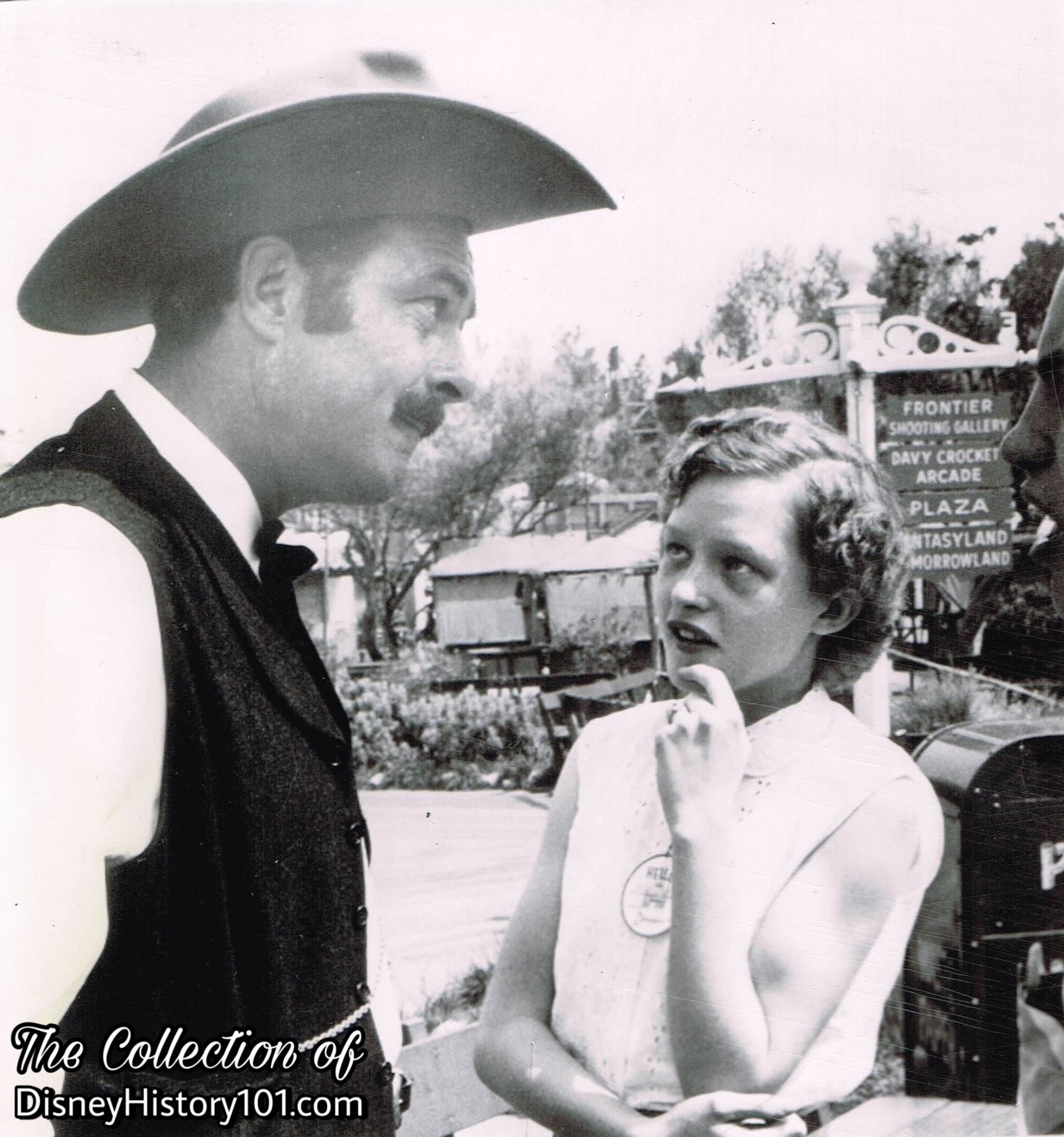
As the Tomorrowland Space Couple represented Tomorrowland, Marshall (Sheriff) Lucky was one of Frontierland’s foremost characters! Marshall (Sheriff) Lucky was featured in numerous publications (i.e. Walt Disney’s Guide to Disneyland, 1958).
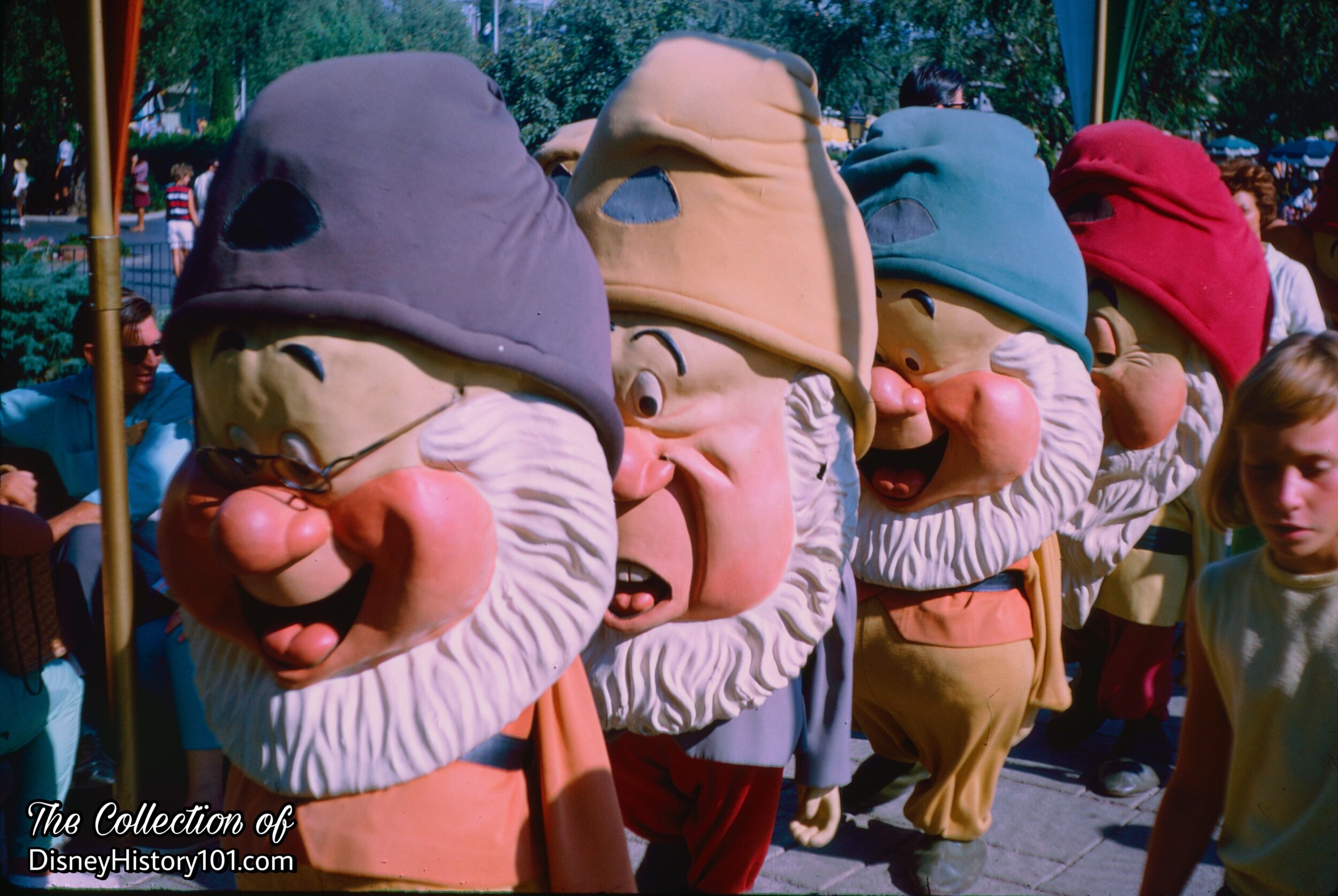
From April 14 - 25, 1964, Snow White and the Seven Dwarfs (and other Disneyland characters) travelled to New York for the opening ceremonies of its a small world and additional filming at the New York Fair Grounds in Queens (courtesy of Frank Millington, Props Department, Jack Lindquist, Publicity Department, and Joe Bowman, Construction Department). When Snow White and the Seven Dwarfs returned to European theaters in 1965. Following the completion of the 1964/1965 New York Worlds Fair, 1 of 3 sets of duplicate costumes for Snow White and each of the Seven Dwarfs costumes were shipped to London. The purpose, was purely promotional, during December of 1964 to January of 1965. Walt Disney Productions London oversaw the appearance of the eight characters at theaters in London, Scotland, and Wales.
A number of new Disneyland employees were hired into the Character Department like Don Bobbs, who was “close to” the Seven Dwarfs and the Three Pigs during this era.
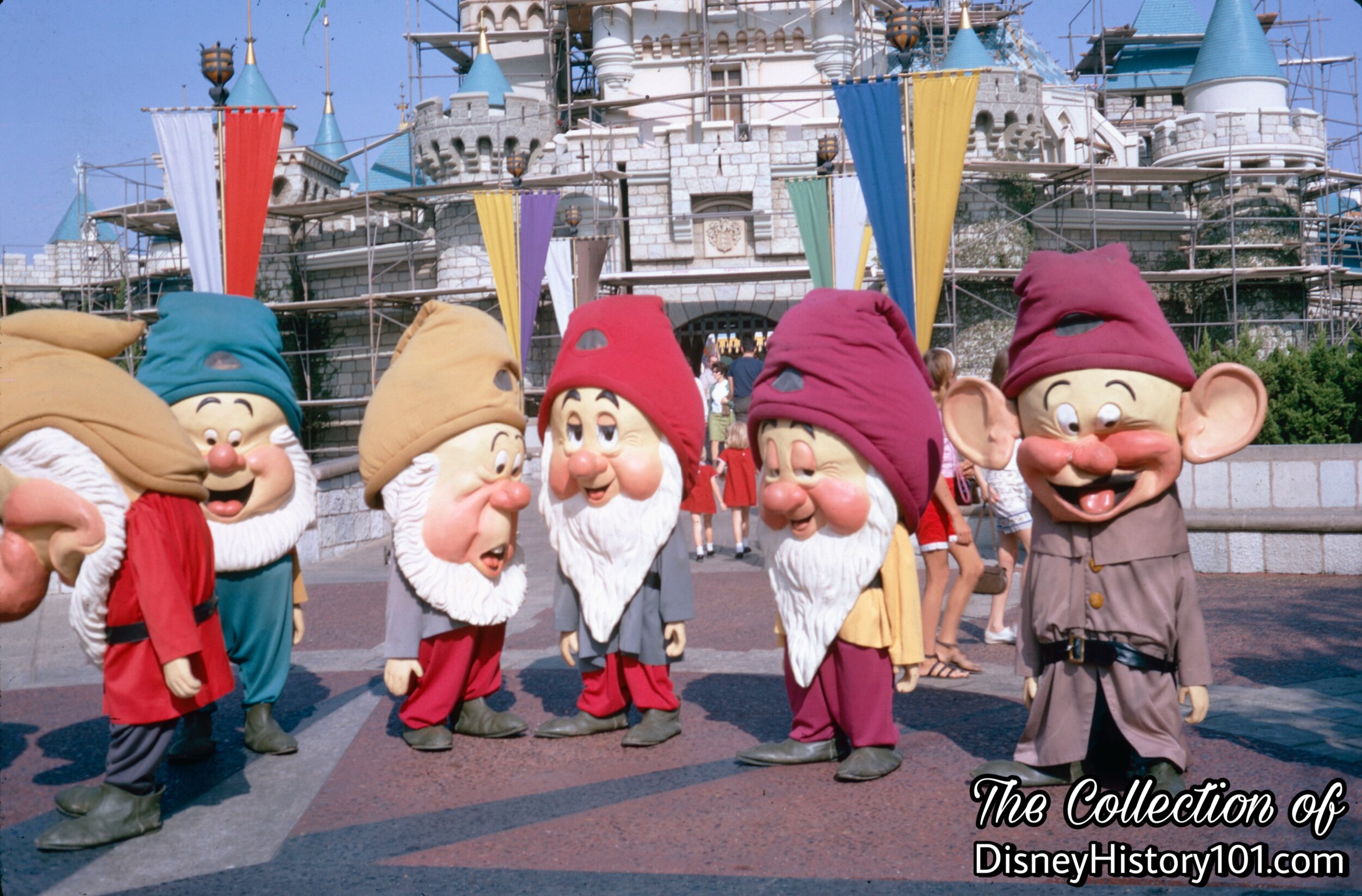
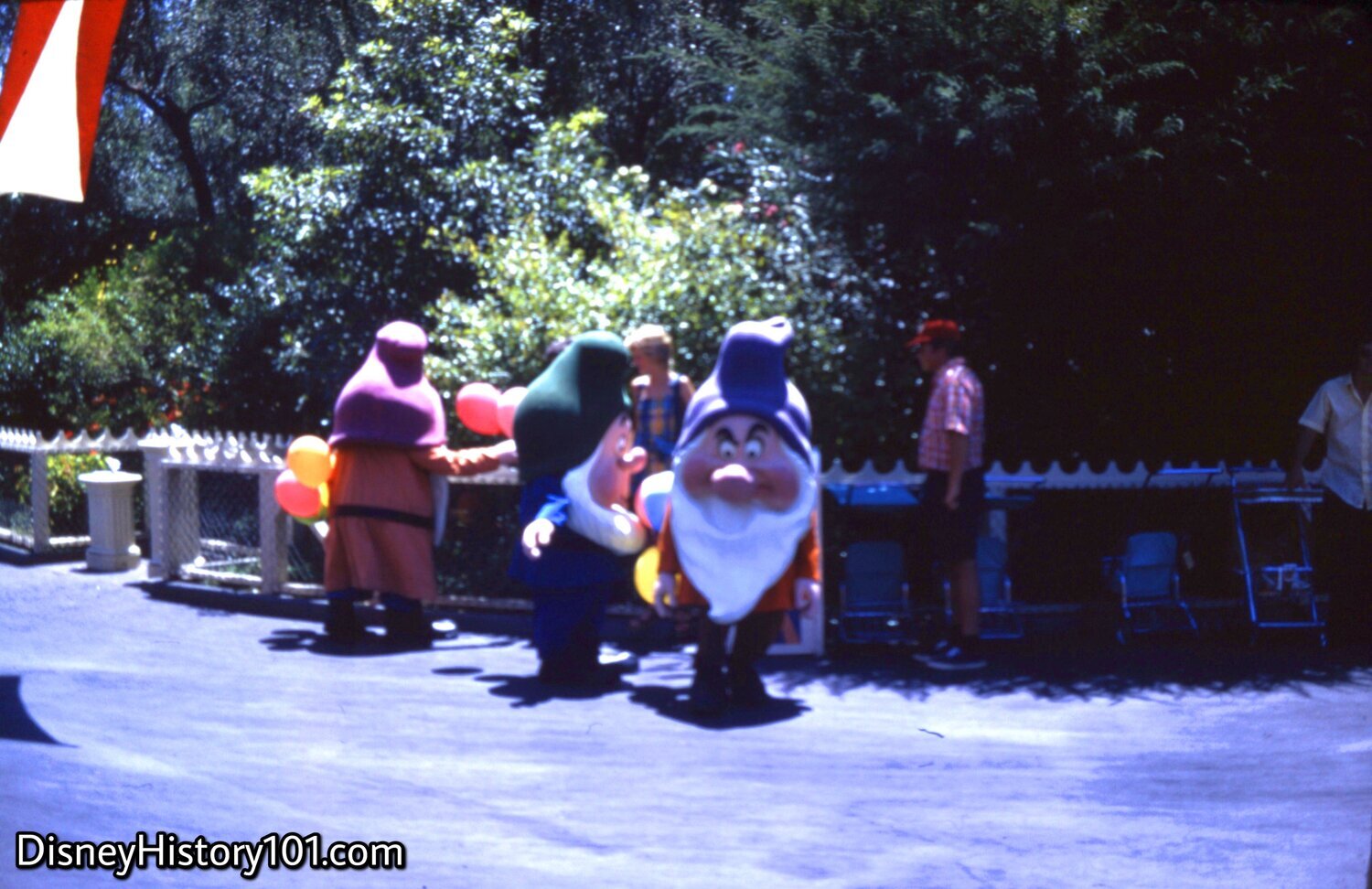
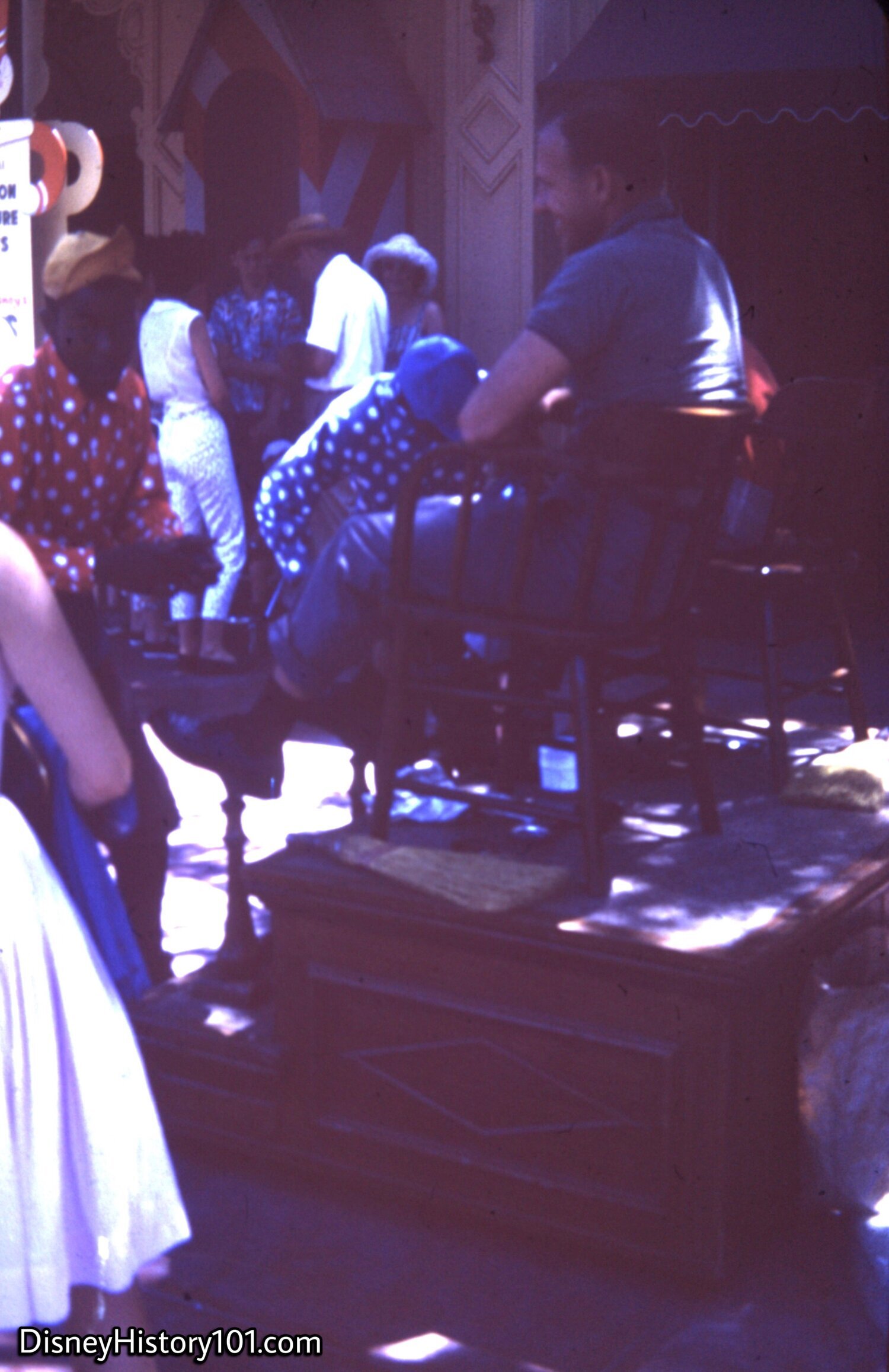
Come and take a load off while the Shoe Shine Boys (Edward Graves and Eugene Jackson, Jr.) entertain you with their lively patter and soft-shoe routines! Backstage Disneyland (published Summer-Winter of 1963) published this short “People, People, People” article on the duo :
“This issue we’re not featuring just one person but a group of people who make up Disneyland. Each one is important to the Magic Kingdom. Our shoeshine boys have been in the Park for four years and who knows how many shoes they’ve shined and how many people they’ve delighted with their singing and dancing.
Eddie took dancing lessons for eight years. He got started dancing because his friends started taking lessons and he wanted to stay with them. They stopped but his mother wouldn’t let him. He appeared in the films : McGraw and Porgy and Bess. Eugene’s father told Eddie’s family about the auditions being held out here and Gene got the job. He wants to make dancing his profession.
Gene comes from a show business family. His father was Pineapple in the Our Gang comedies. Gene has been dancing ever since he was 3 years old. He also plays the trumpet and the harmonica and does magic. His first appearance on tv was at the age of 4. At 7 he appeared in Dreamboat with Alan Ladd and has appeared in such films and television shows as : Porgy and Bess, Toast to Jerome Kern, Manhattan Towers, Pygmy Island, and Artists and Models. Gene hopes to get into the producing end of show business.”
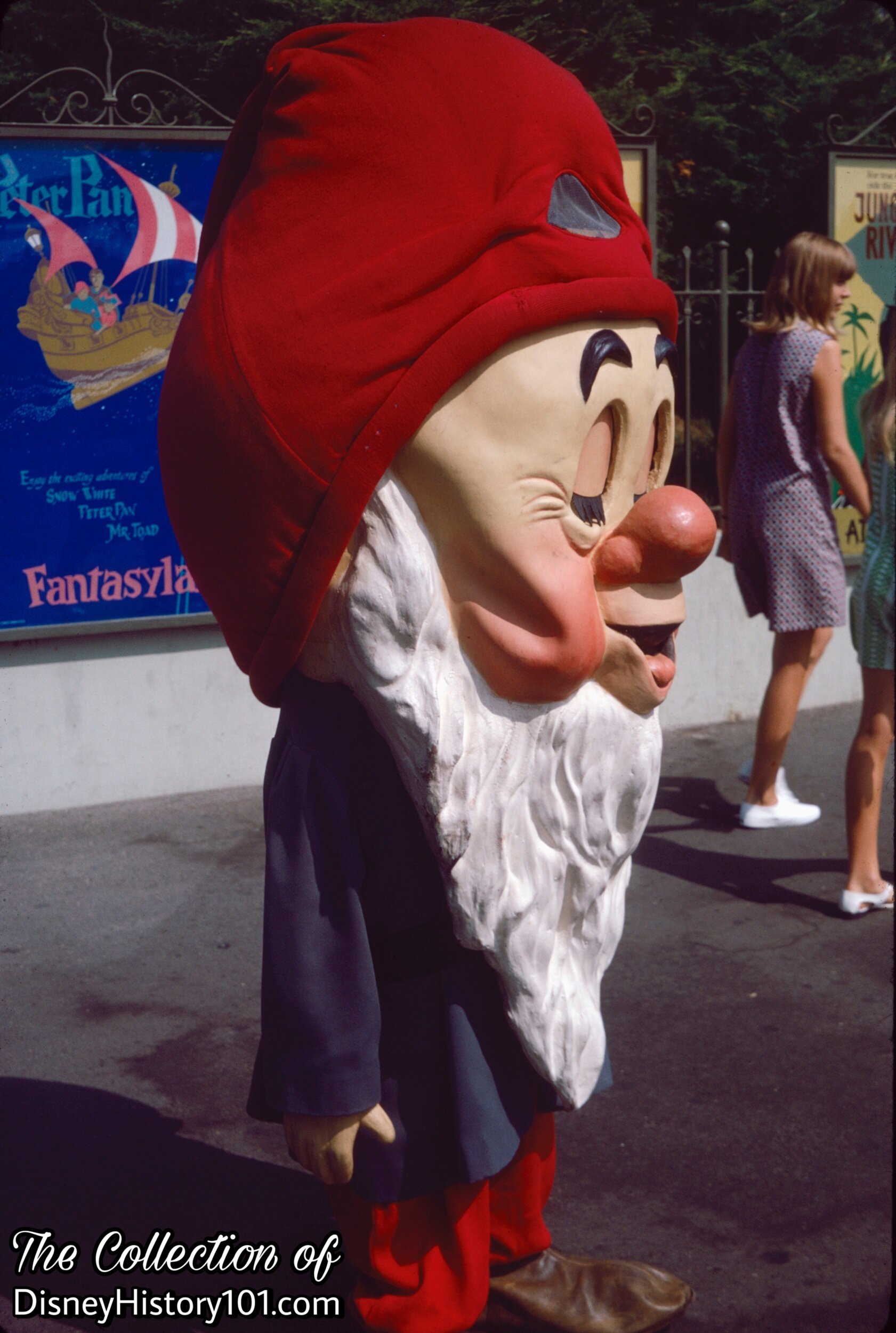

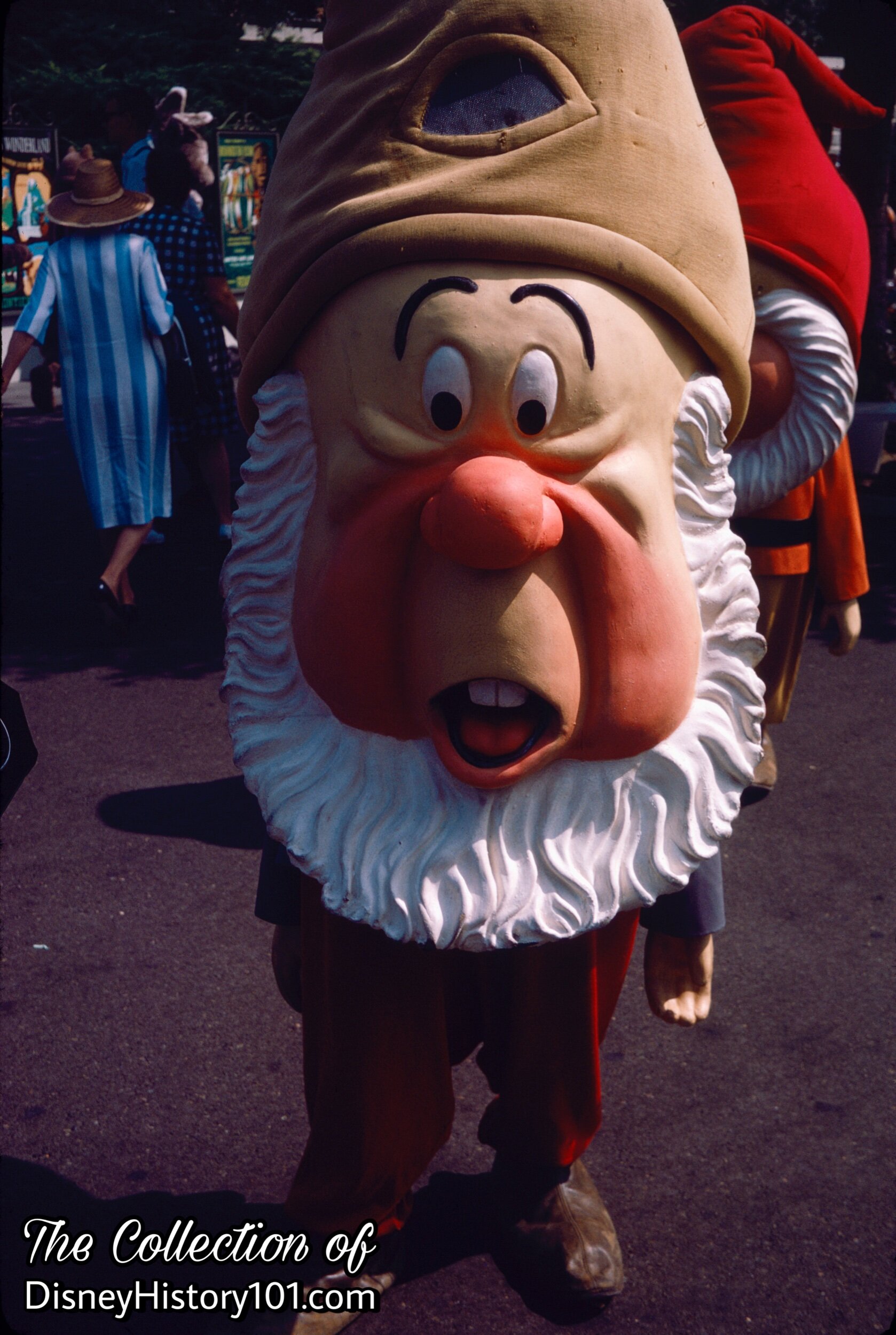
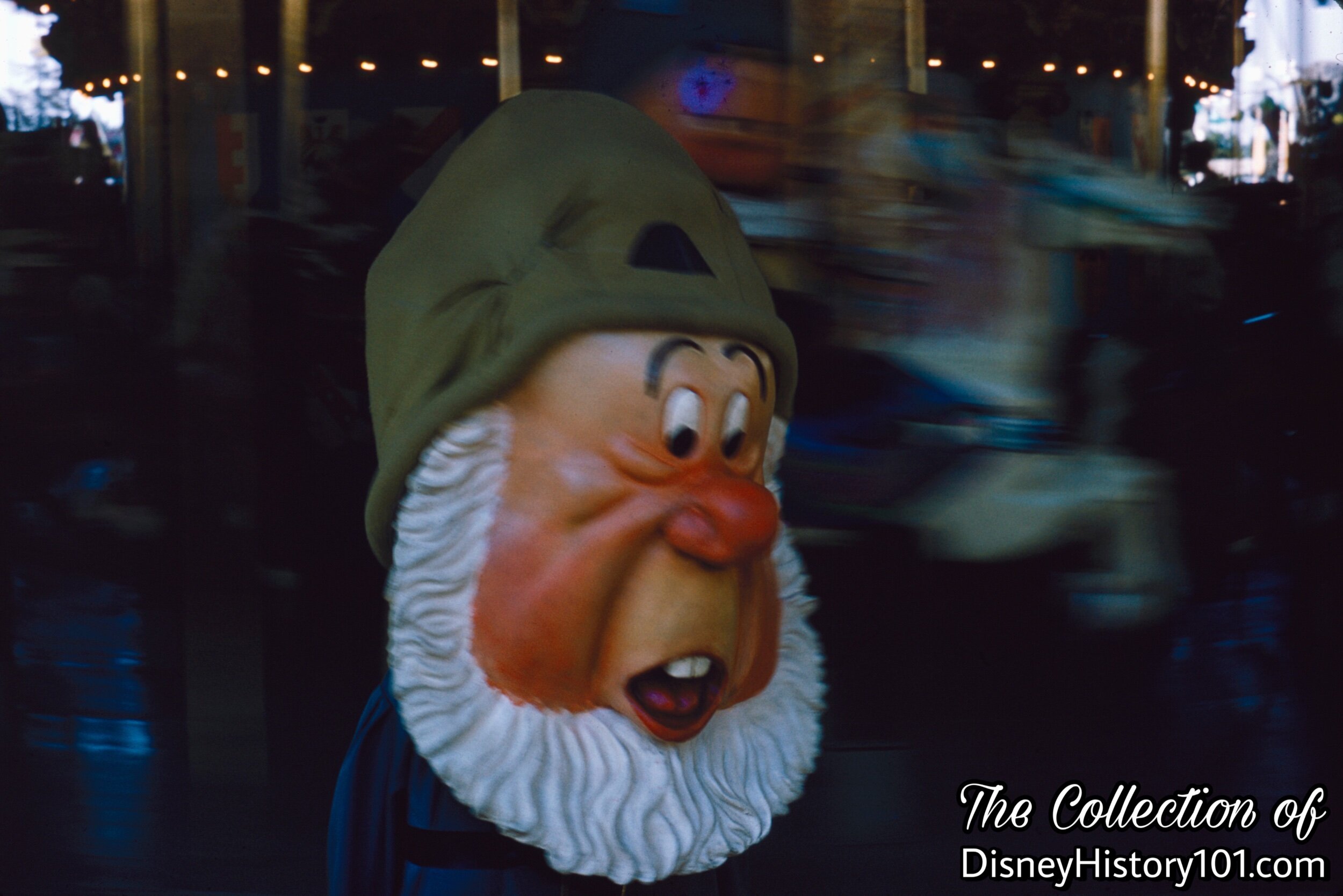
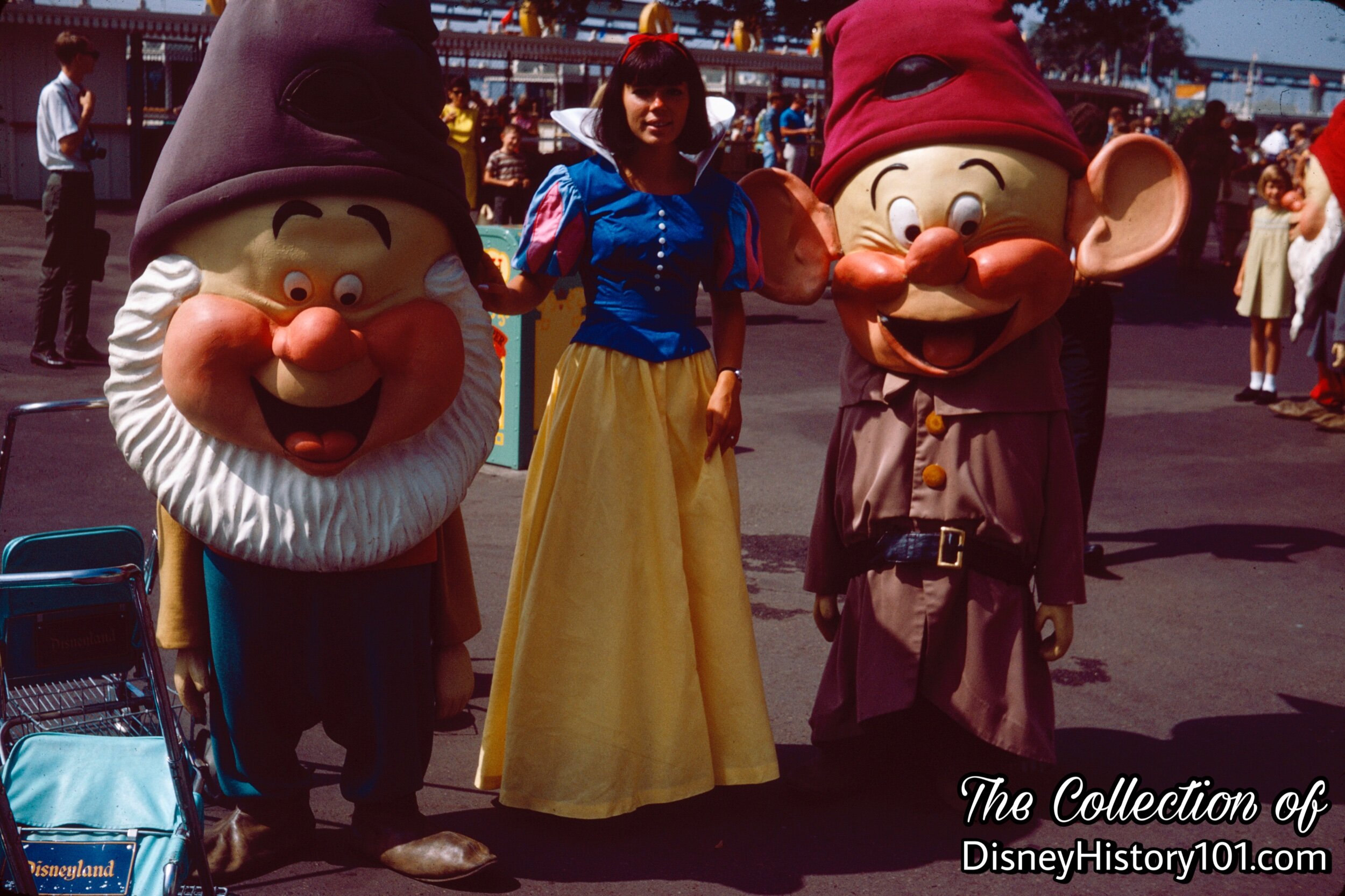
You may recollect seeing these friends on the front of postcards sold at Disneyland from the late 1960s (c. 1967) to the 1970s! Linda Westin (pictured) was close to Snow White during the time this Vintage View memory was made.
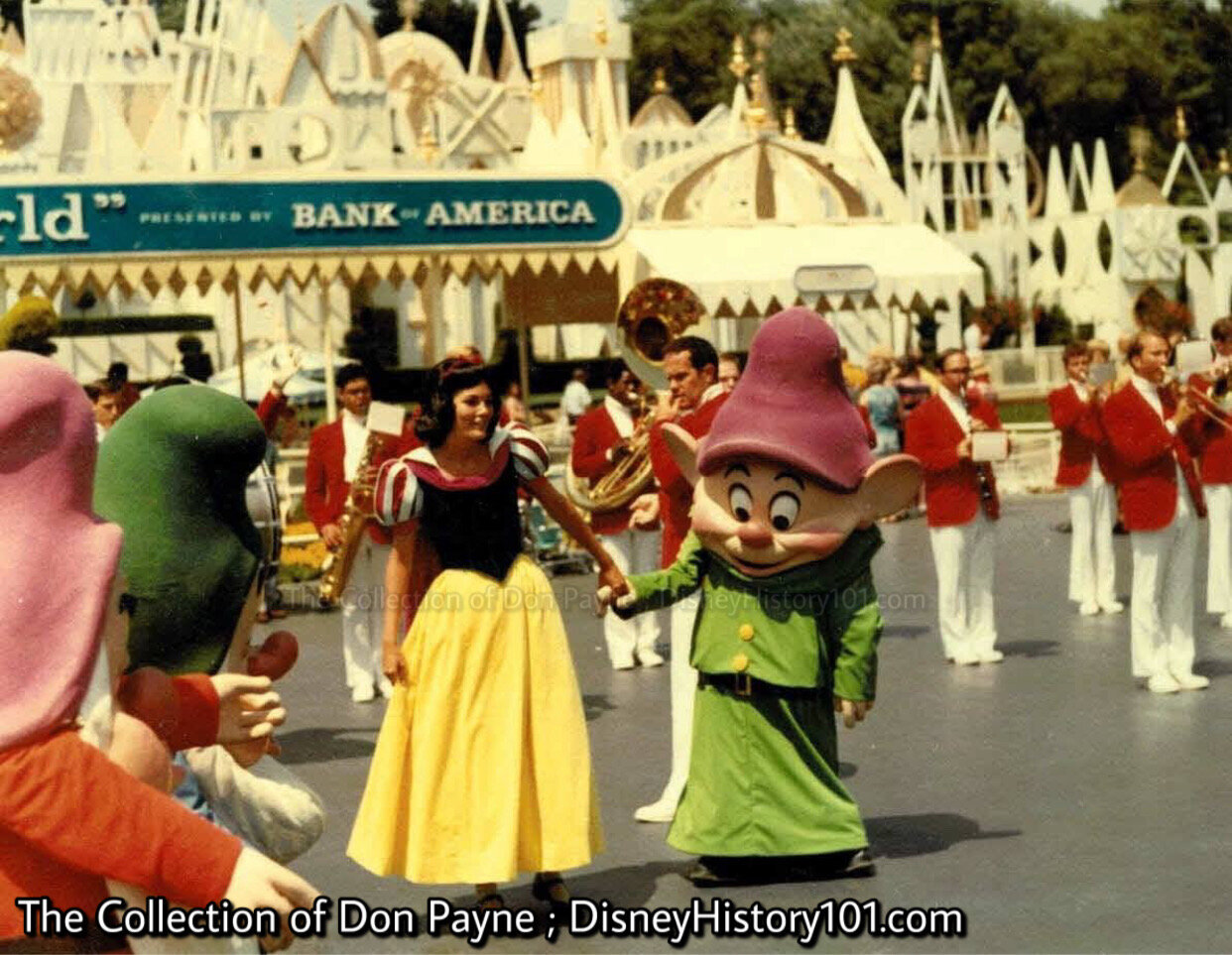
According to former Entertainment Department employee Don, we’re looking at “Dopey acting dopey with Snow White”. This cavalcade of characters appeared twice daily during June 20 - September 12, during the summer season saluting the 50th Anniversary of Snow White and the Seven Dwarfs.
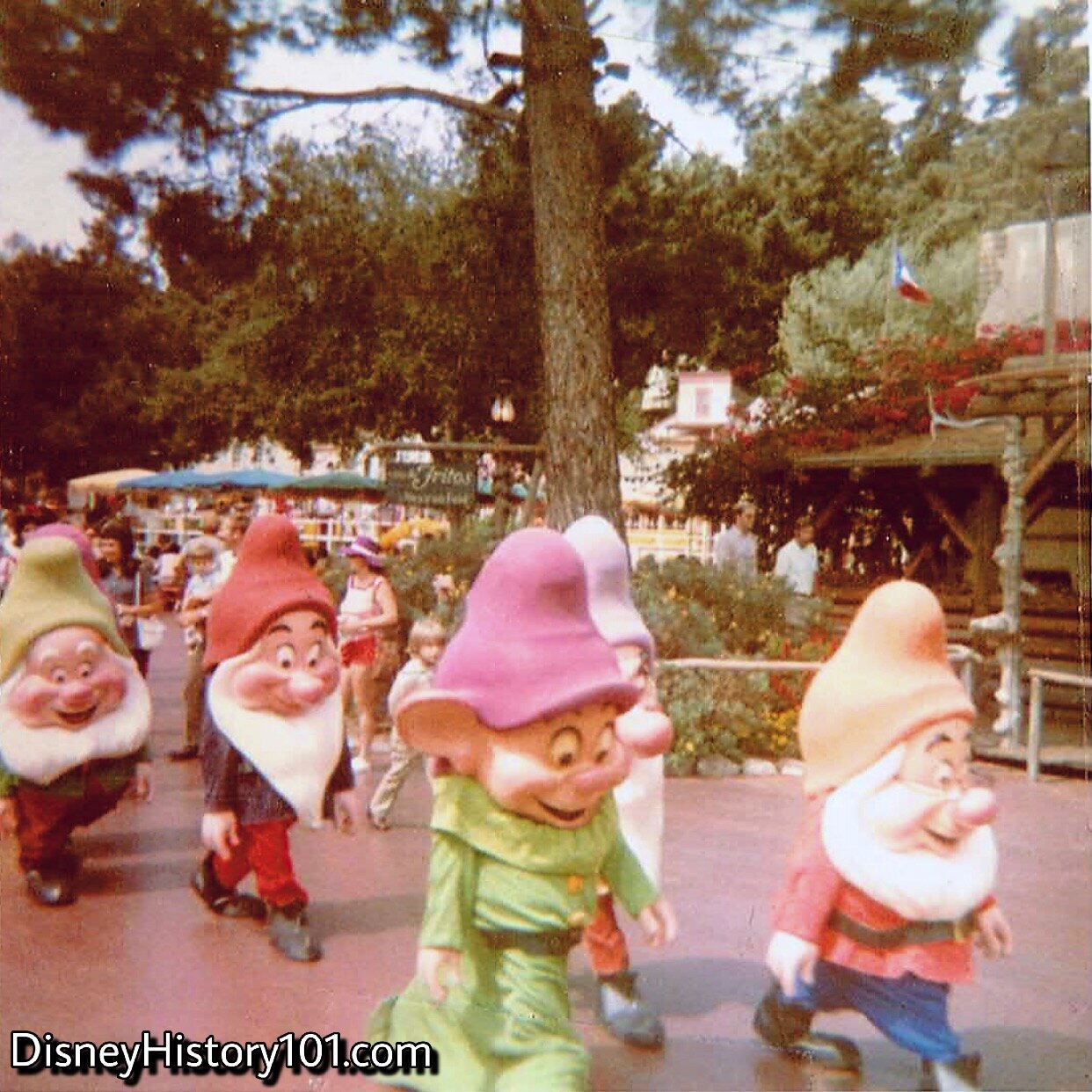
The Seven Dwarfs march through Frontierland in front of Casa de Fritos.
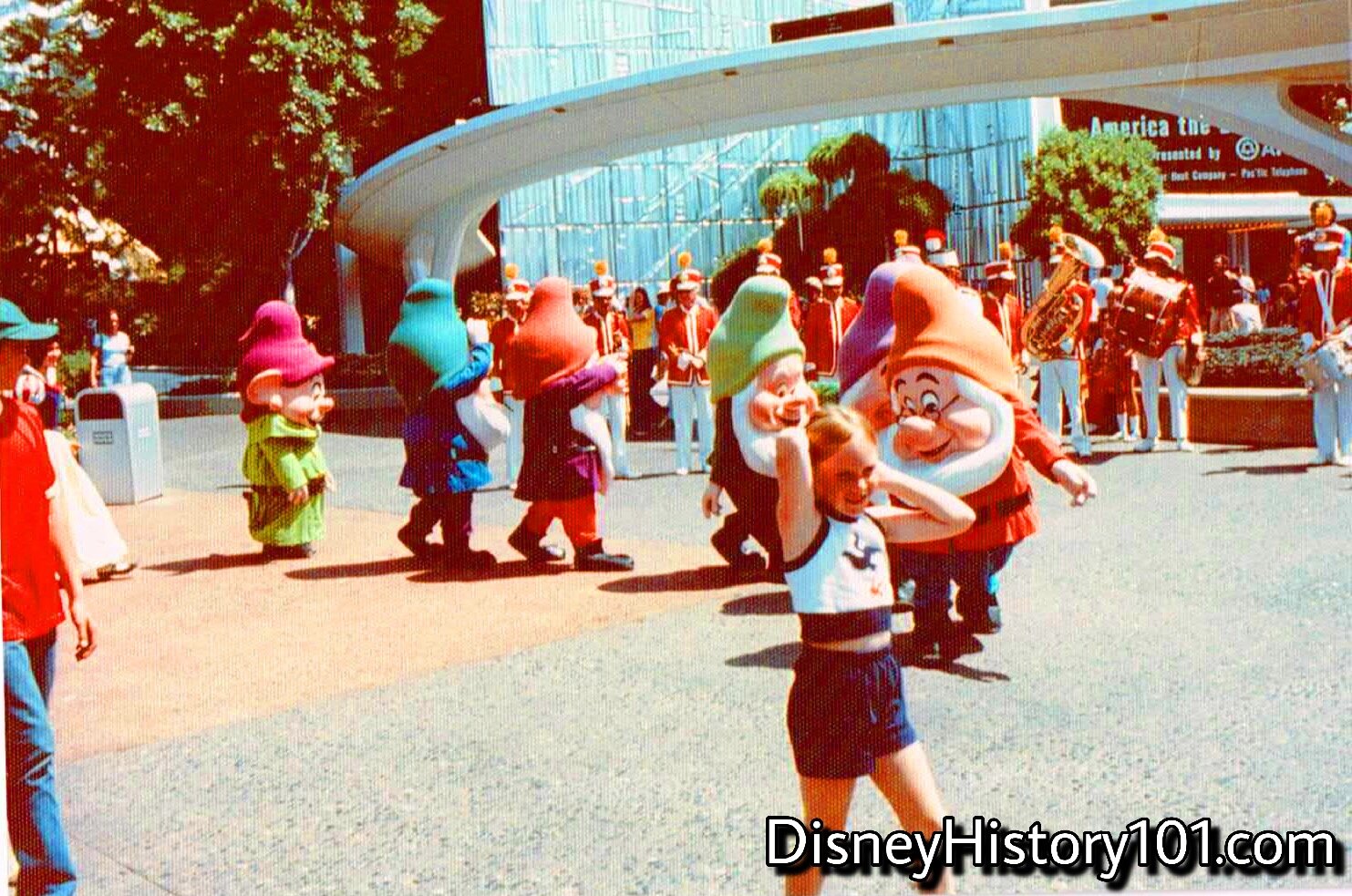
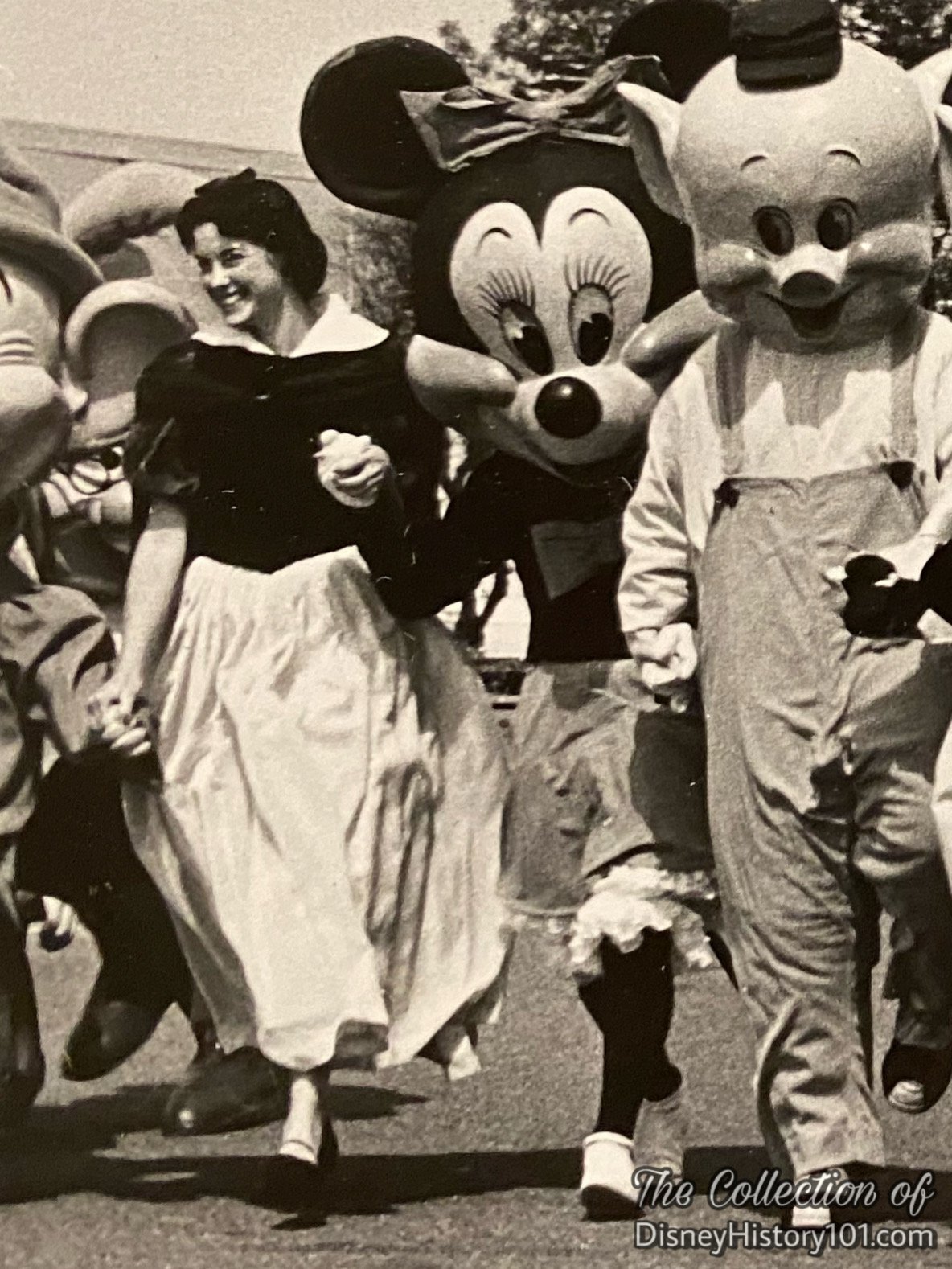
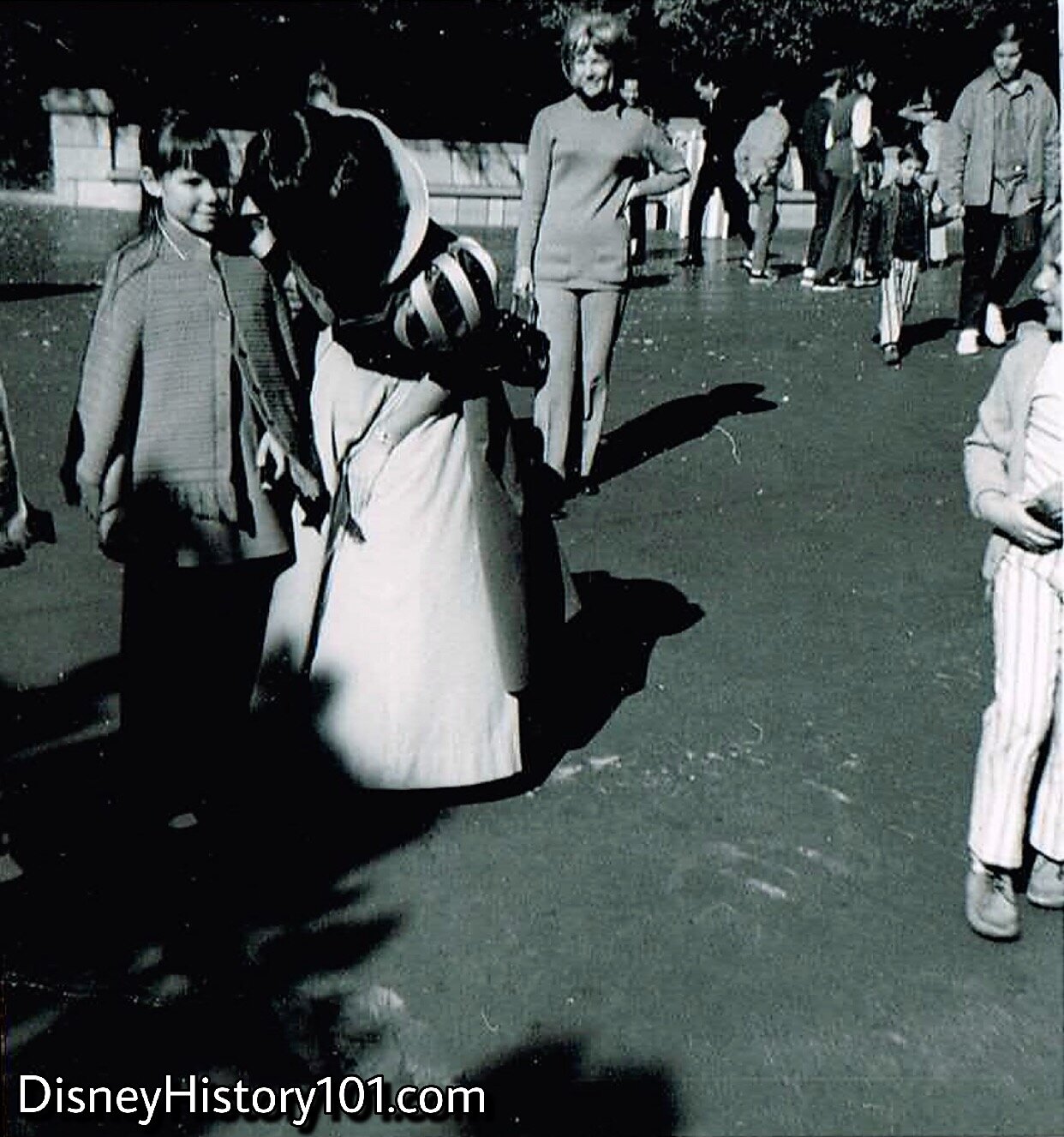
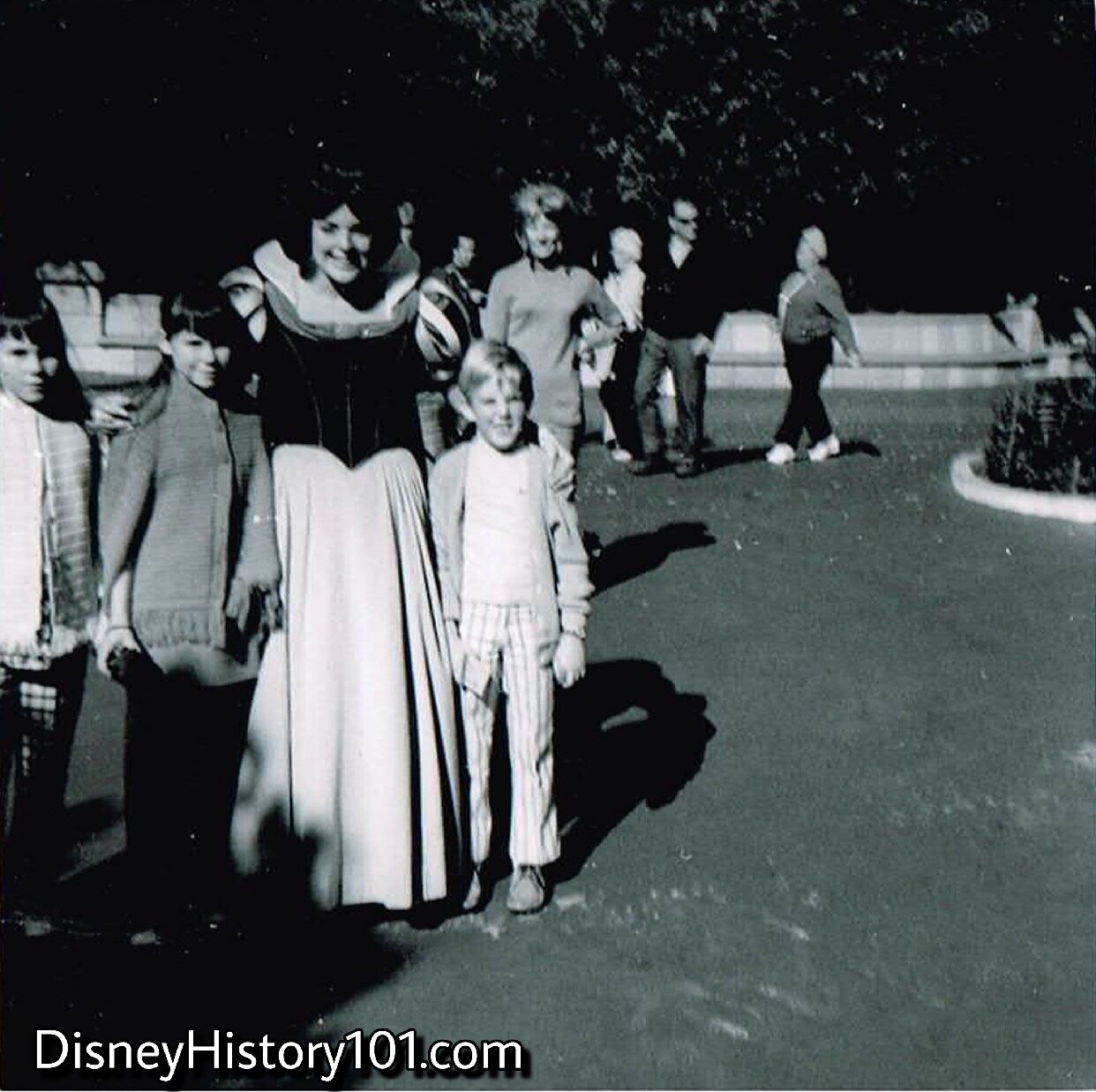
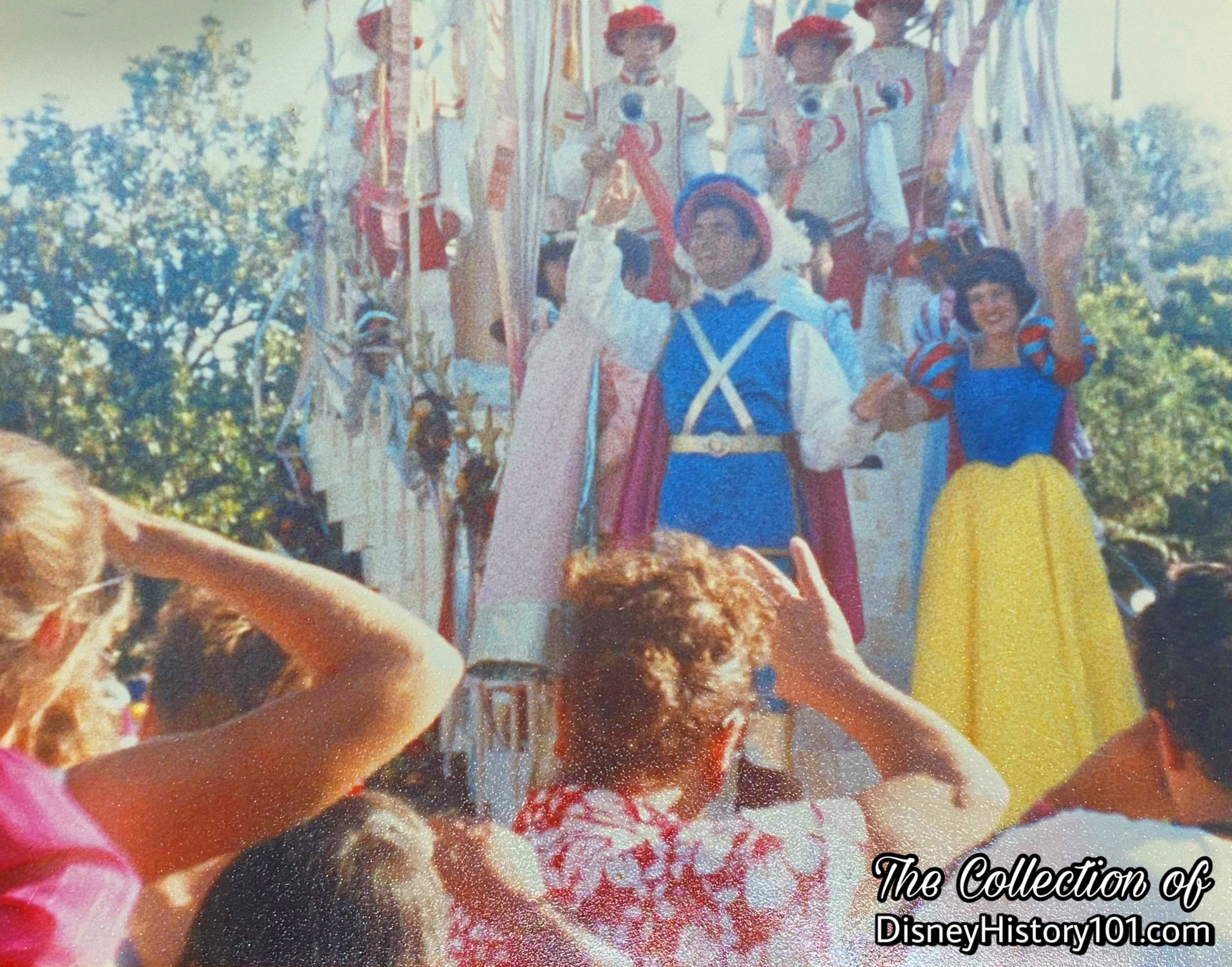
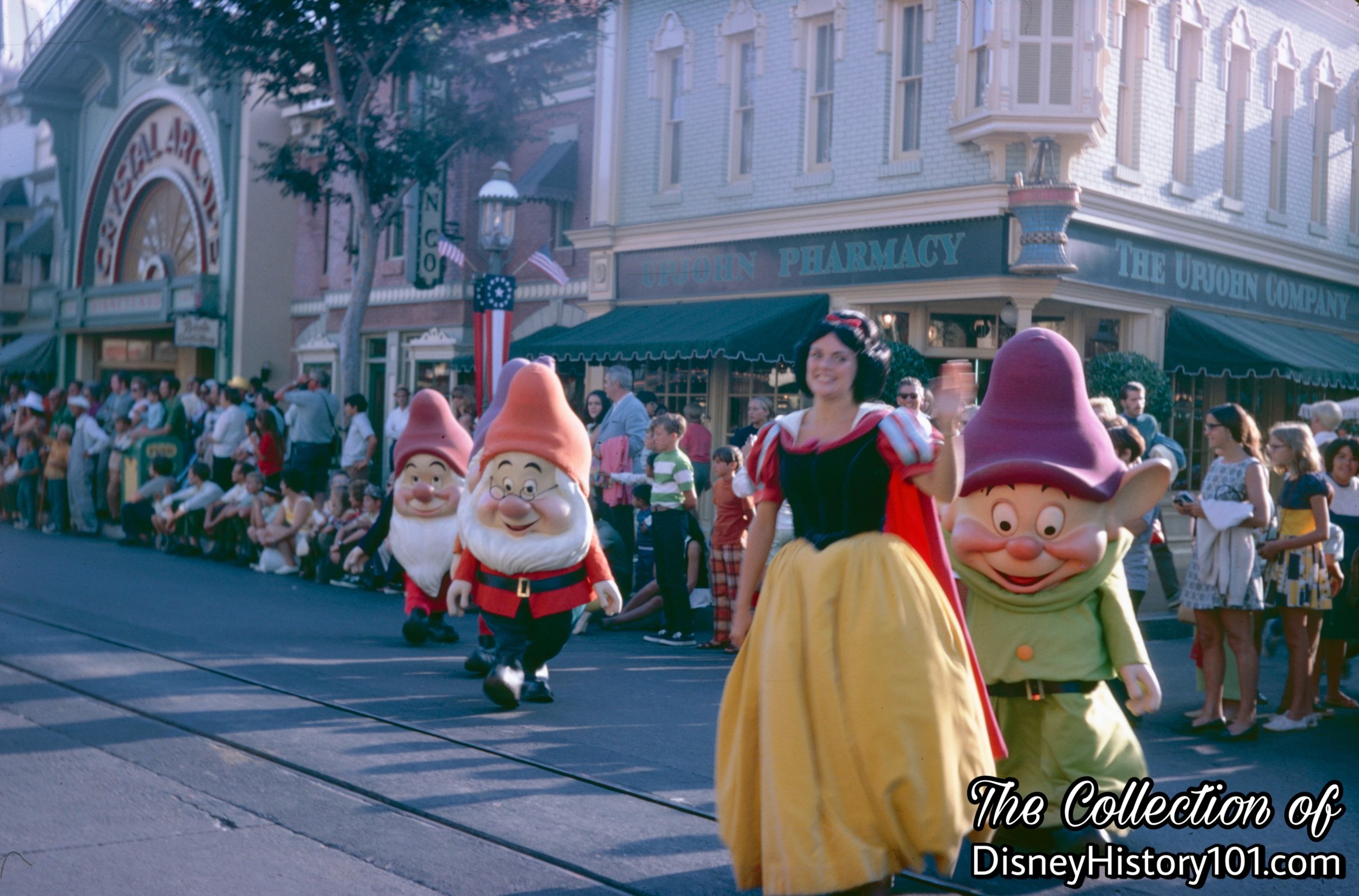
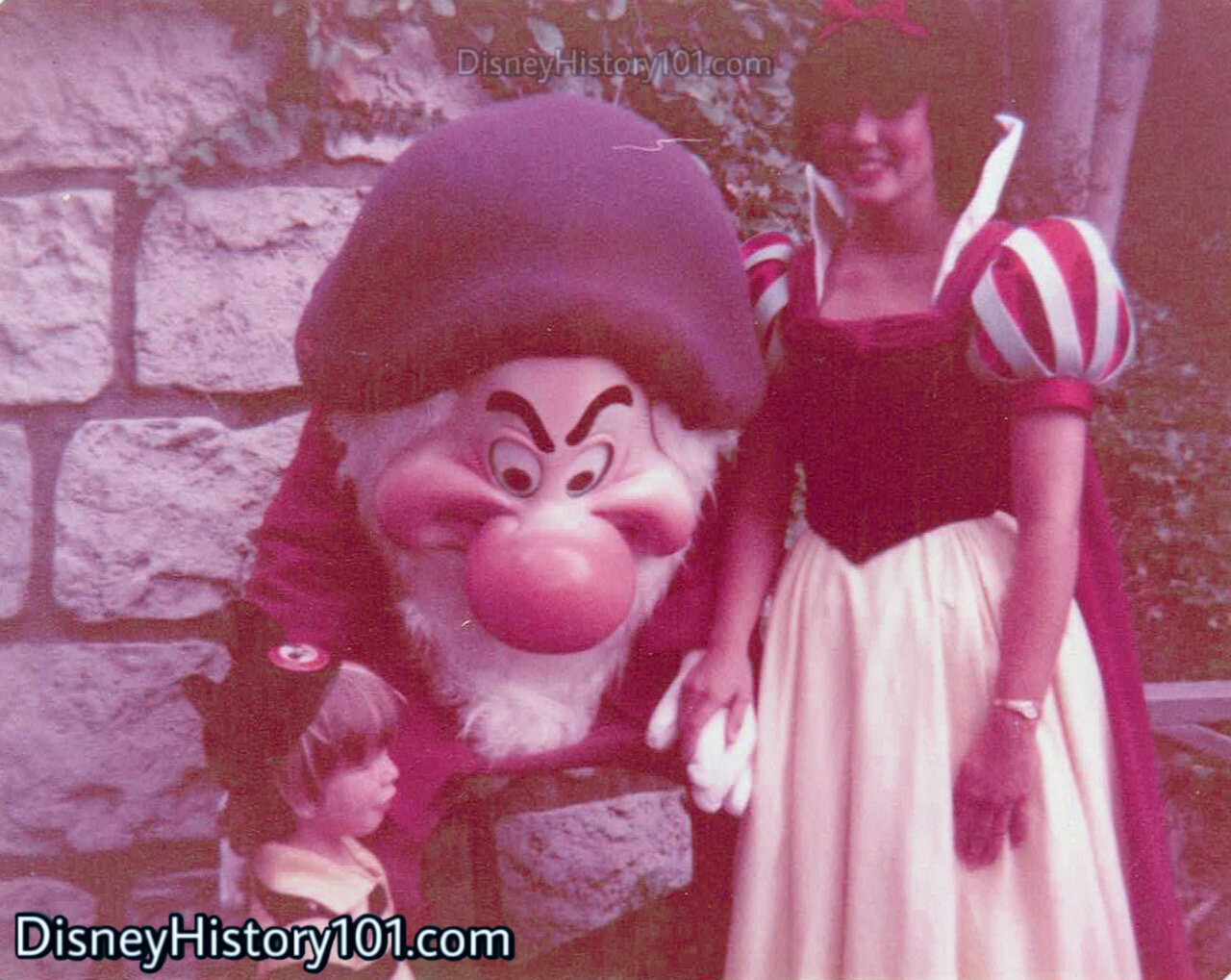
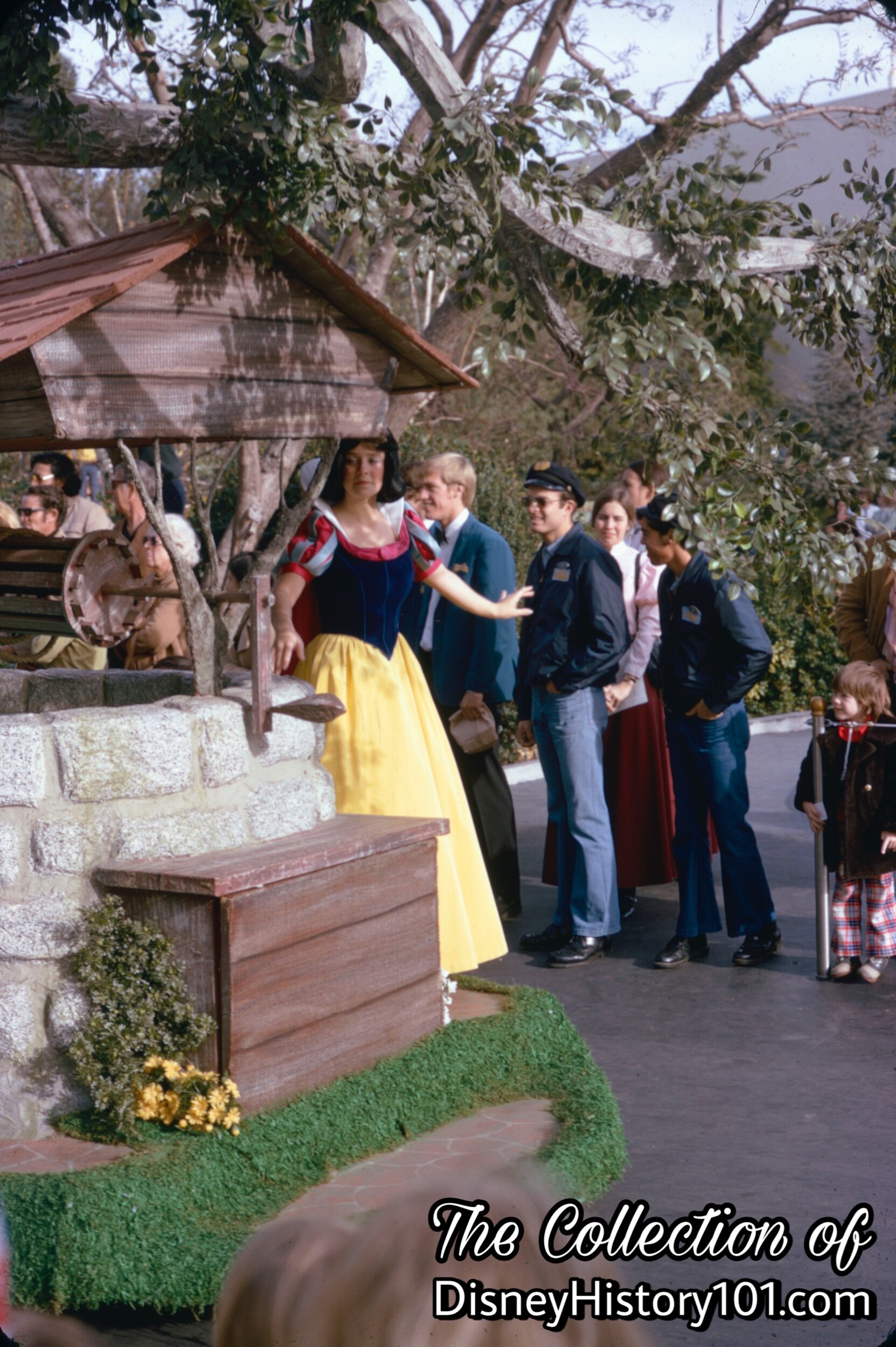

Two years after this memory was captured, Snow White and Prince Charming had a Wedding Procession, a royal celebration held twice daily at noon and 5p.m. on Mother’s Day, May 13th, 1979.
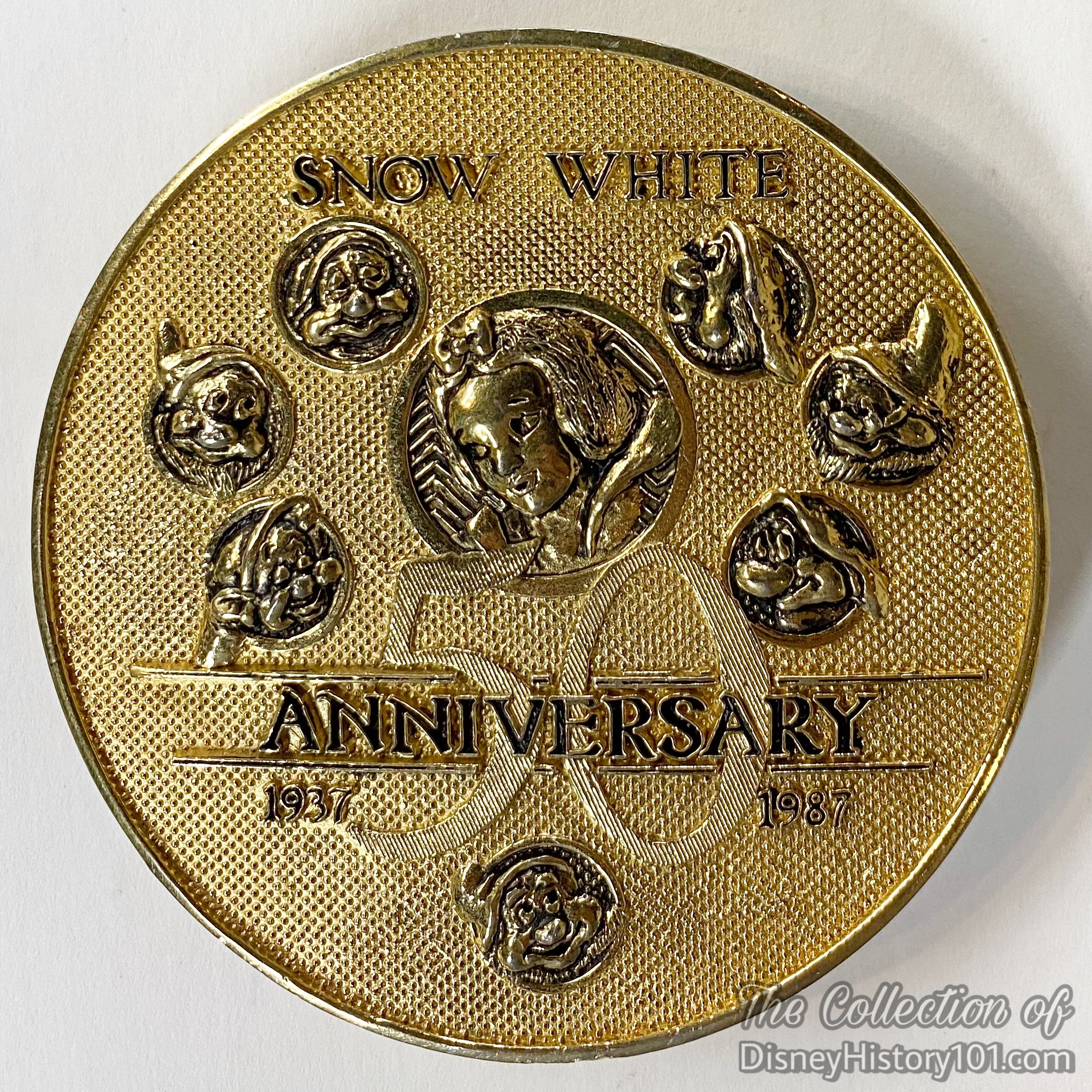
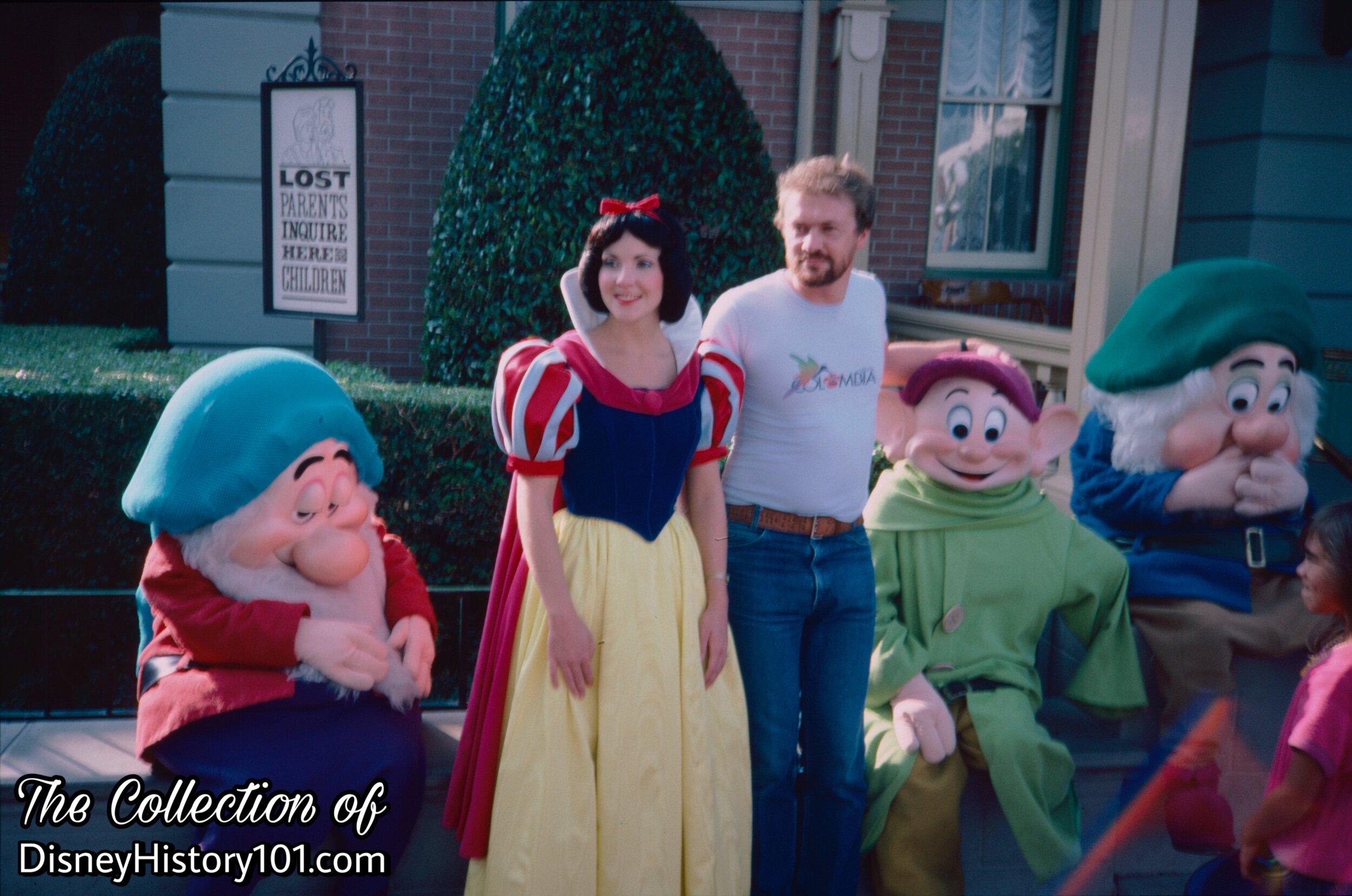
The very same Snow White (pictured above) appeared in “Believe You Can, And You Can” - a Del Monte- sponsored television show (starring Mari Amsterdam and Heather O’Rourke) - which was shot before New Fantasyland opened to the public. In 1987, Snow White and the Seven Dwrafs commemorated a Golden Anniversary Celebration and cordially invited guests to attend.
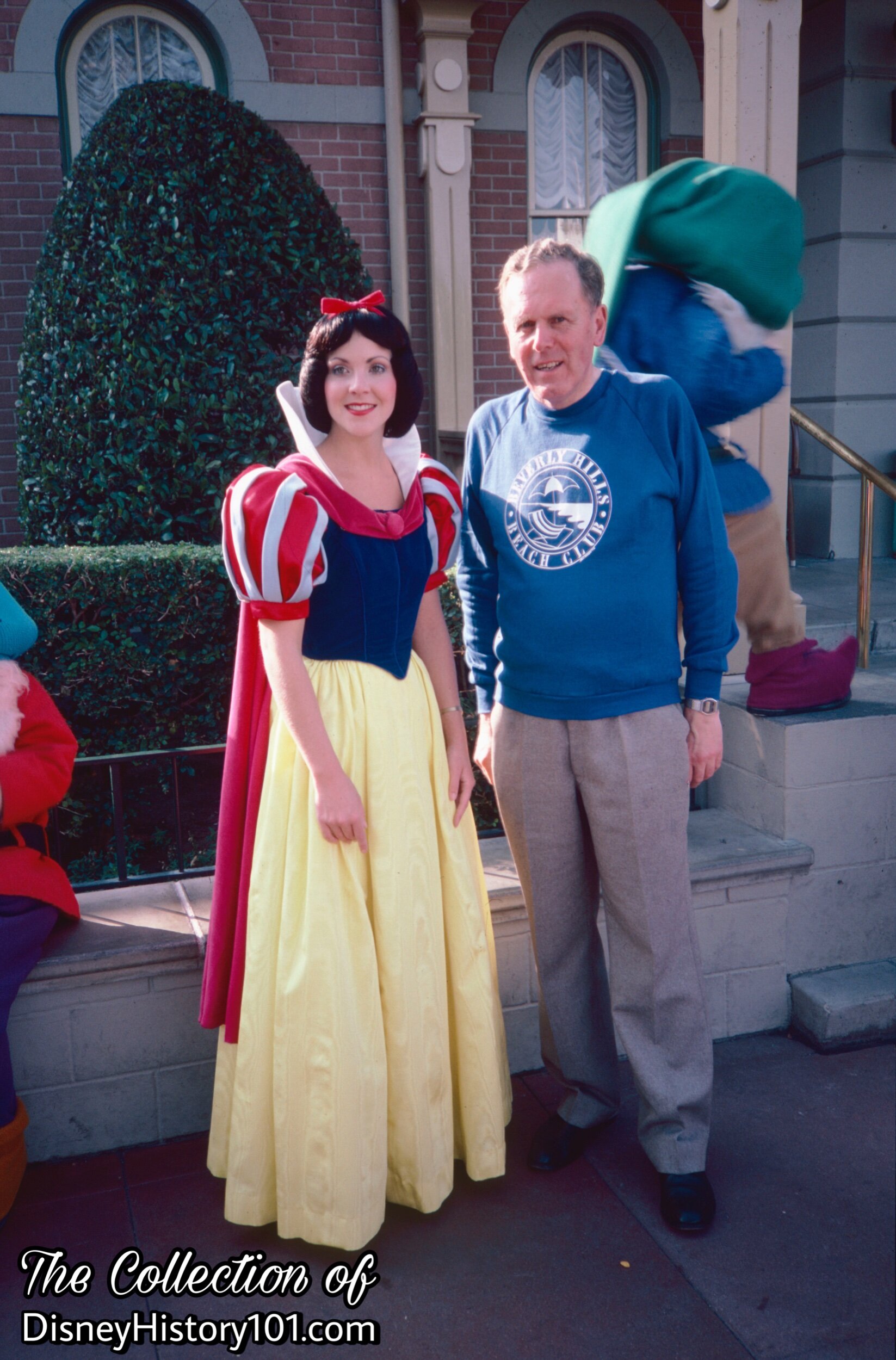
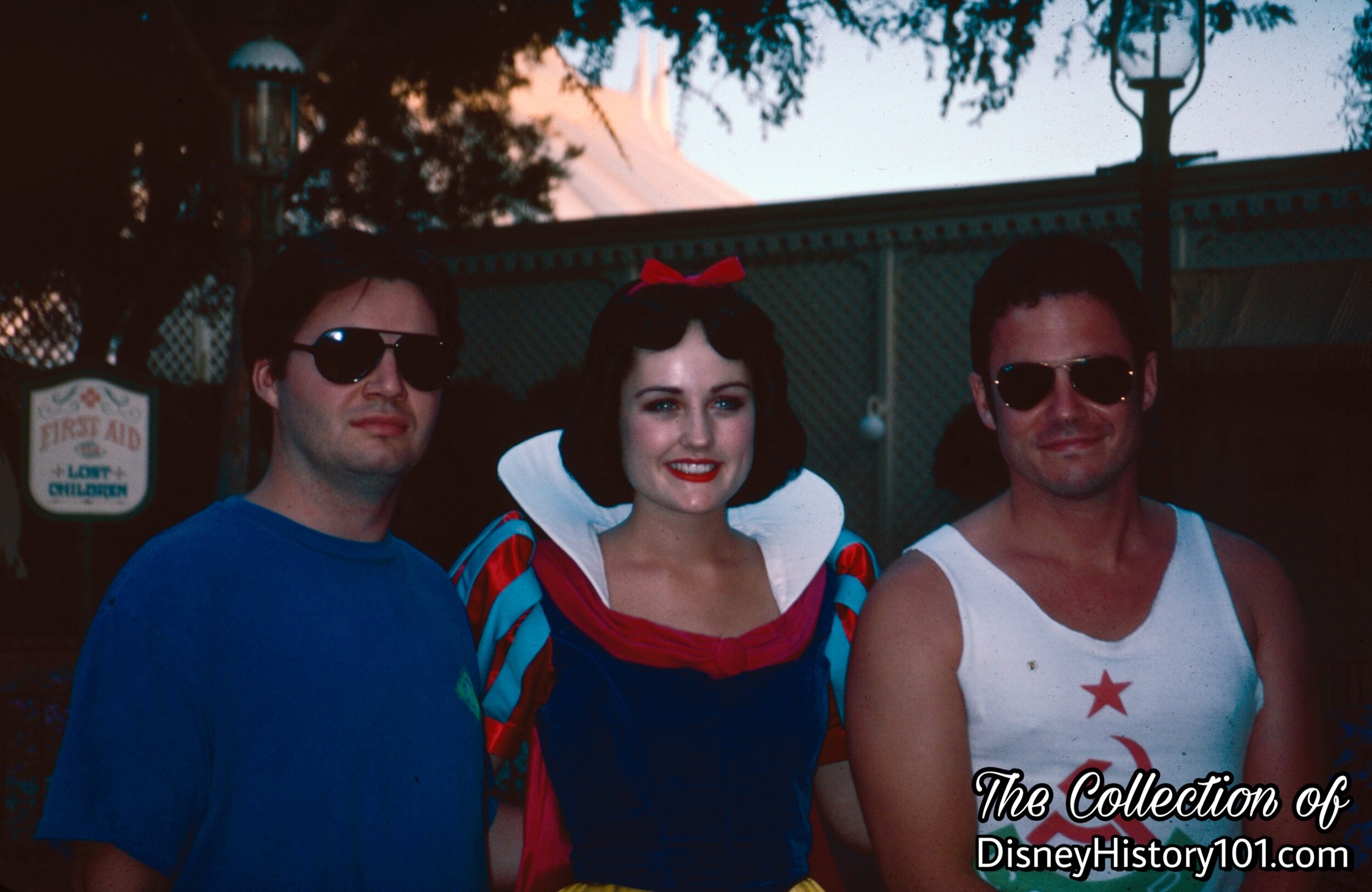
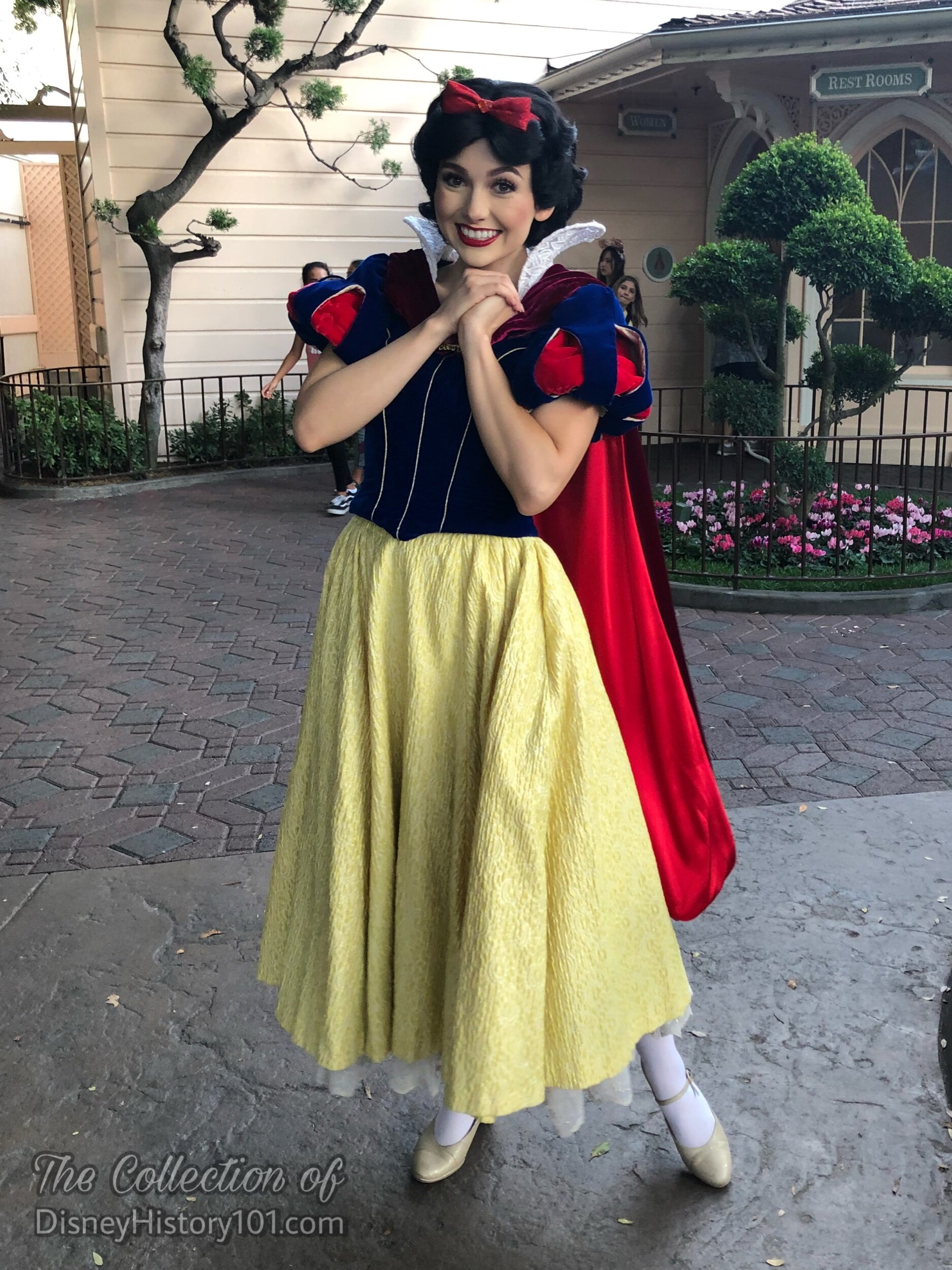
“With a smile and a song,” Snow White demonstrates the power of the “gesture… a physical movement that is not immediately repeated… used to emphasize a point.”
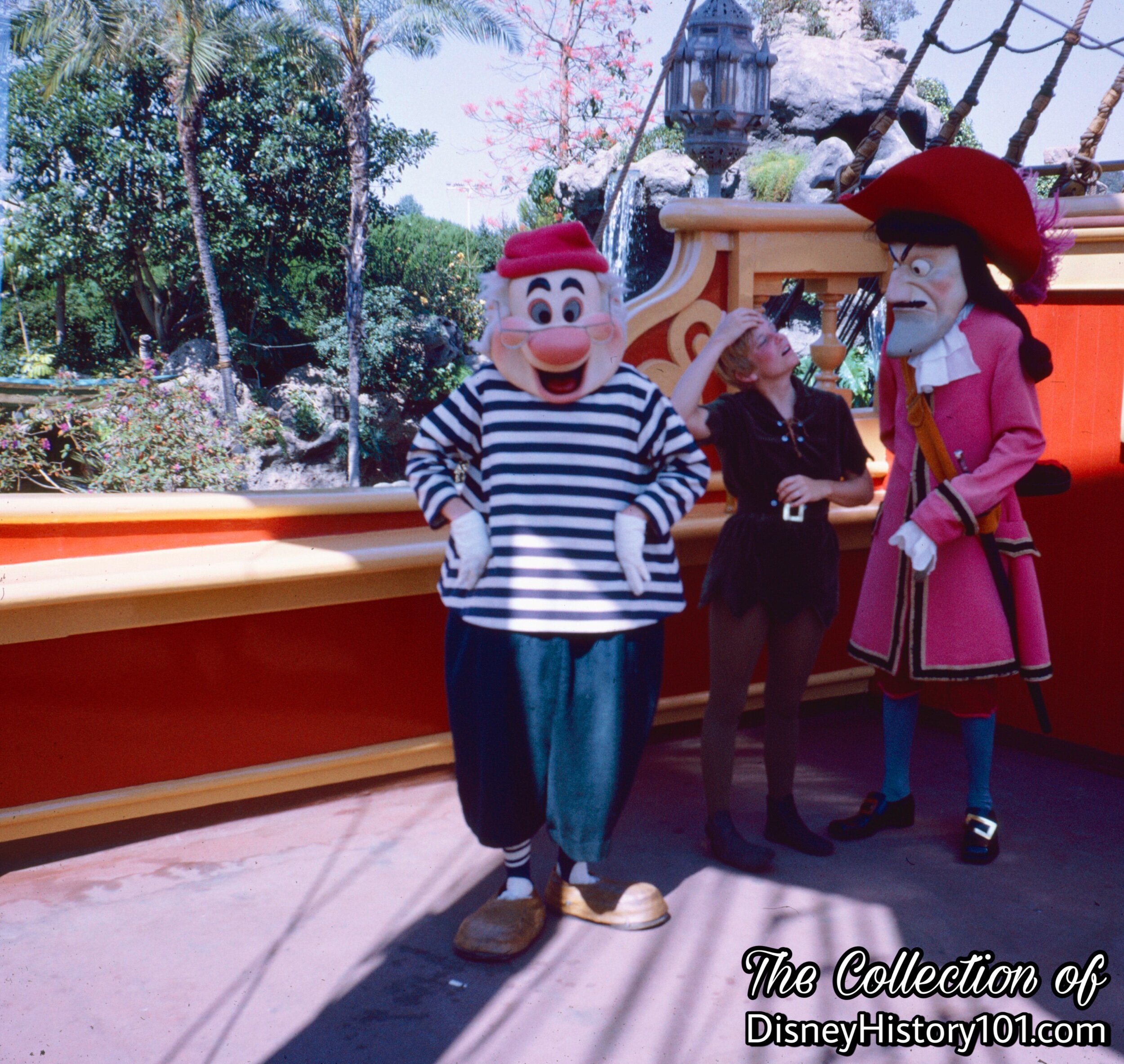

•Tantor -
•Tarzan - Tarzan (June 18, 1999)
•Terk - Tarzan (June 18, 1999)
•Thumper (Bambi) - Thumper appeared in Walt Disney’s Bambi (released August 13, 1942), due to the contributions of artists like Marc Davis. Some time later, both Flower and Thumper were two of the newest Characters during the summer of 1964. Thumper was part of the Pre-game “Walt Disney and Disneyland Salute to the California Angels” at the new Angels Stadium on Saturday, April 23rd, 1966!
During the winter season of December 19, 1970 through January 3, 1971, he appeared at locations near Small World.
•The Three Pigs (Silly Symphonies) - The Three Pigs made their film debut on May 27, 1933, winning an Academy Award for Best Animated Short Subject of 1932-1933. At the time, their hit song “Who’s Afraid of the Big Bad Wolf” became “an anti-depression anthem.” But even more, the namesake character’s personalities were individually defined! As Walt once said, “I try to build a full personality for each of our cartoon char-acters--to make them personalities.” [“The Wisdom of Walt”]
The first incarnations of The Three Pigs were notably featured with child actor Kevin “Moochie” Corcoran on the cover of “Jack and Jill” magazine (published May, 1960). Prior to this, they helped introduce “Disneyland ‘59” (presented by Kodak), by supporting the “giant paper drum” which read “Disneyland ‘59”, through which Mickey Mouse leaped!
Also in August of 1962, Lloyd Richardson, Larry Clemmons, Joe Marquette, Coy Watkins, and Jack Leppert (of the Walt Disney Studio) filmed and shot scenery for Studio Production #3185. During this visit, a plate was shot with “Three Pigs” and six others Characters (including the Big Bad Wolf) in front of the castle.
After some sort of hiatus, the Disney Characters made a return during the winter if 1962. According to the Talent Schedule “All of our regular Characters, plus a return visit by the 3 Pigs and Wolf and Pinocchio, J. Worthington Foulfellow and Gideon, will highlight this year's Holiday Season.”
In 1964, through a special business arrangement with Al Dobritch (of the Dobritch Circus), the Three Pigs and other Disneyland Characters would make appearances in high-wire circus acts outside of Disneyland - first at the Canadian National Exposition (held August 24 - September 5, 1964), followed by the Detroit Shrine Circus (January 29 - February 14, 1965), and the St. Louis Police Circus (held April 22 - May 9, 1965). During these appearances, the Three Pigs worked “closely” with three teenage aerialists of the world-famous Flying Cavarettas - Marlene, Maureen and Joe.
The Three Pigs (Fifer, Fiddler, and Practical Pig) were part of the Pre-game “Walt Disney and Disneyland Salute to the California Angels” at the new Angels Stadium on Saturday, April 23rd, 1966!
Referred to as the “Orange Pig,” “Green Pig,” and “Blue Pig,” the trio made regular appearances with the “Wolf” at the “Small World” Area, greeting guests as part of the Character Program, “throughout the Christmas Holidays” (daily between parades, from 9:00am to 11:45am). [“Disneyland Holiday Talent Master Schedule,” prepared for the period of December 16, 1967 through January 1, 1968] Cast Member Mike Lopez was once close to Orange Pig.
The second incarnation of The Three Pigs (Fifer, Fiddler, and Practical Pig) can be seen both in the background scenes of “Disneyland Showtime” (a c.1970 Wonderful World of Disney episode), and alongside the Osmond Brothers.
•Tick-Tock Crock - By April through May of 1964, the Disneyland Wardrobe Department was preparing for the debut of “the Crocodile” during the summer of 1964. Jim Wormhoudt (c.1969) once served as a Pageant Helper.
•Tigger (Winnie the Pooh) - When he isn’t bouncing, eating extract of malt, or giving Roo a bouncing lesson, Tigger can be found at Disneyland.
•Tinker Bell - Tinker Bell appeared in Walt Disney’s Peter Pan, due to the contributions of artists like Marc Davis.
Just a short time later, “the classic imagery of Tinker Bell igniting fireworks over the Castle first began in 1954 with the debut of the Disneyland TV series,” according to “Disneyland: Then, Now, and Forever” by Bruce Gordon and Tom O’Day.
Out of all the Disney Characters, Tinkerbell was selected as the official “mascot” of Disneyland (Walt didn't choose Mickey in case Disneyland was not a success).
Tinker Bell began her 15mph “summer flights from the peak of Matterhorn Mountain and across Sleeping Beauty’s Castle, settling off the nightly ‘Fantasy in the Sky’ fireworks spectacular” for the first time, on June 9th, 1961, according to “The Disneyland Diary.” This magical (and colorful) 784 foot-long flight from atop the Matterhorn (at 147 feet in the air) to the Fantasyland Break Area (50 feet in the air) was (of course) accomplished by one aerialist (the then 71-year old Tiny Klein of Inglewood, California), a team comprised of a Wardrobe Hostess, a typical 8-person Maintenance Division “flight crew,” a “launching crew” (responsible for securing safety apparatuses and performing tests) and a “catching crew” (anticipating her arrival on the 10-foot “flight deck” square). While Walt preferred that no Disneyland Cast Member was to be employed who had previous experience with any amusement park, fair, or circus, it seems that Tinker Bell’s pageant helpers were one of the few exceptions.
Three years later, Tinker Bell (portrayed by Tiny Kline) made an appearance as Tinker Bell during “Disneyland Comes To The Hollywood Bowl” on Friday, August 1, 1958. Tiny appeared again as Tinker Bell on a one-hour Big Band television show which aired on KTTV in 1964. Disneylander and “55er” Frank Martines Tomorrowland supervisor recalled: “I had to shove Tinkerbell off the Matterhorn… She came to the mountain top happy, laughing...she was a gracious lady!” It was his duty to help Tinkerbell begin her nightly flight through Disneyland sky. Frank would accompany her up through the inner sanctum of the Matterhorn to her 'launching pad: He would make sure her harness was hooked up and that the trolley was hooked to the cable and then he'd start her on her way. “Tinkerbell in those days was a little old lady, named Tina Klein and originally she had wanted to fly through the sky HANGING BY HER TEETH!”
Other than Tinker Bell, Dumbo, Baby New Year, and (in the mid-Sixties) Mary Poppins flew over Sleeping Beauty Castle. Tinker Bell stopped flying atop the Matterhorn in 1978.
By 1985, a total of four amazing female aerialists had brought Tinker Bell “to life,” including - (1) the 71-year-old Tiny Kline (from 1961 to 1964) who was 4’10” and weighed 98 pounds (and initiated the colorful Fantasy in the Sky), (2) French circus aerialist Mimi Zerbini succeeded Tiny Kline for the following summer (of 1964), Judy Kaye who once performed with her circus family in the Mickey Mouse Club Circus (from November, 1955- January, 1956), began to fill the role for more than a decade (beginning in 1965), (4) and Gina DeMarco, the 4th Tinker Bell, by 1985. Gina would have the pleasure of more nightly flights than the others, from 1983 to 2005.
Tinker Bell’s nightly flights over Disneyland were so popular that she was spotted Far East over Cinderella Castle in the Walt Disney World Magic Kingdom when it opened. Tinker Bell embarked upon her first flight from Cinderella Castle on July 4, 1985, "flying" 750 feet, averaging 15 miles per hour and taking approximately 34 seconds for the trip.
During the era of Gina’s starring role, Alyja Kalinich (Disneyland Character & Entertainment Costume designer from 1979-1999) redesigned the costume.
By 2008, Walt Disney Imagineering Creative Development was considering new magical opportunities for Tinkerbell at Disneyland, including Entertainment and Merchandise collaboration and some sort of in-Park experience. By 2012, Tinkerbell was making daily appearances inside Pixie Hollow. Tinkerbell is a Disney Face Character who can talk, communicate with Guests, and create magical Disney experiences for them.
•Tomorrowland Spaceman - An unidentifiable “K-7 Space Man” met actress Spring Byington (of “December Bride) and child actor Bobby Diamond (of “Fury”) during their 1956 “TV Radio Mirror” photoshoot at Disneyland!
•Tomorrowland Spacewoman -
•Tweedle Dee & Tweedle Dum - This duo of Characters embody “the Disney Touch” of teamwork.
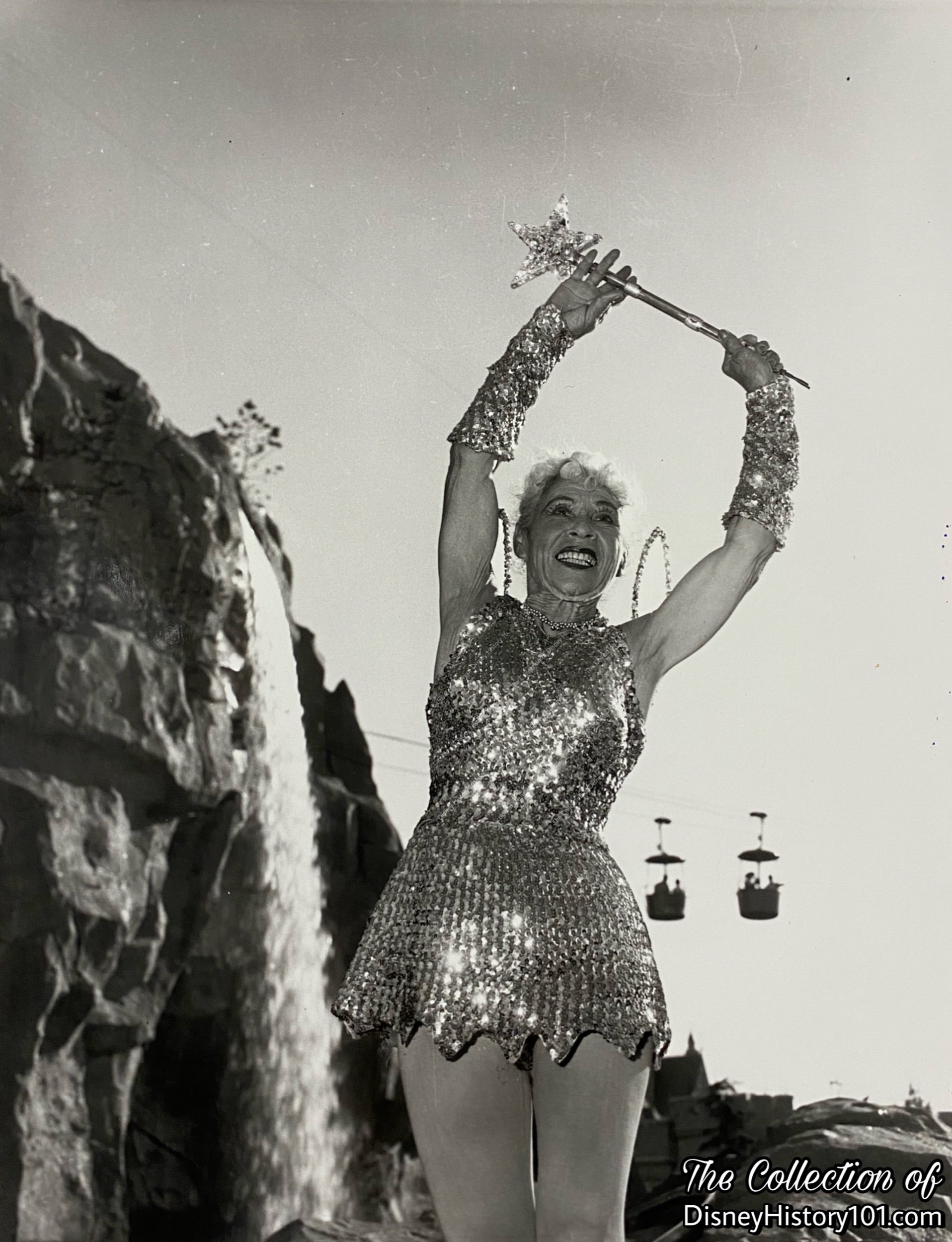
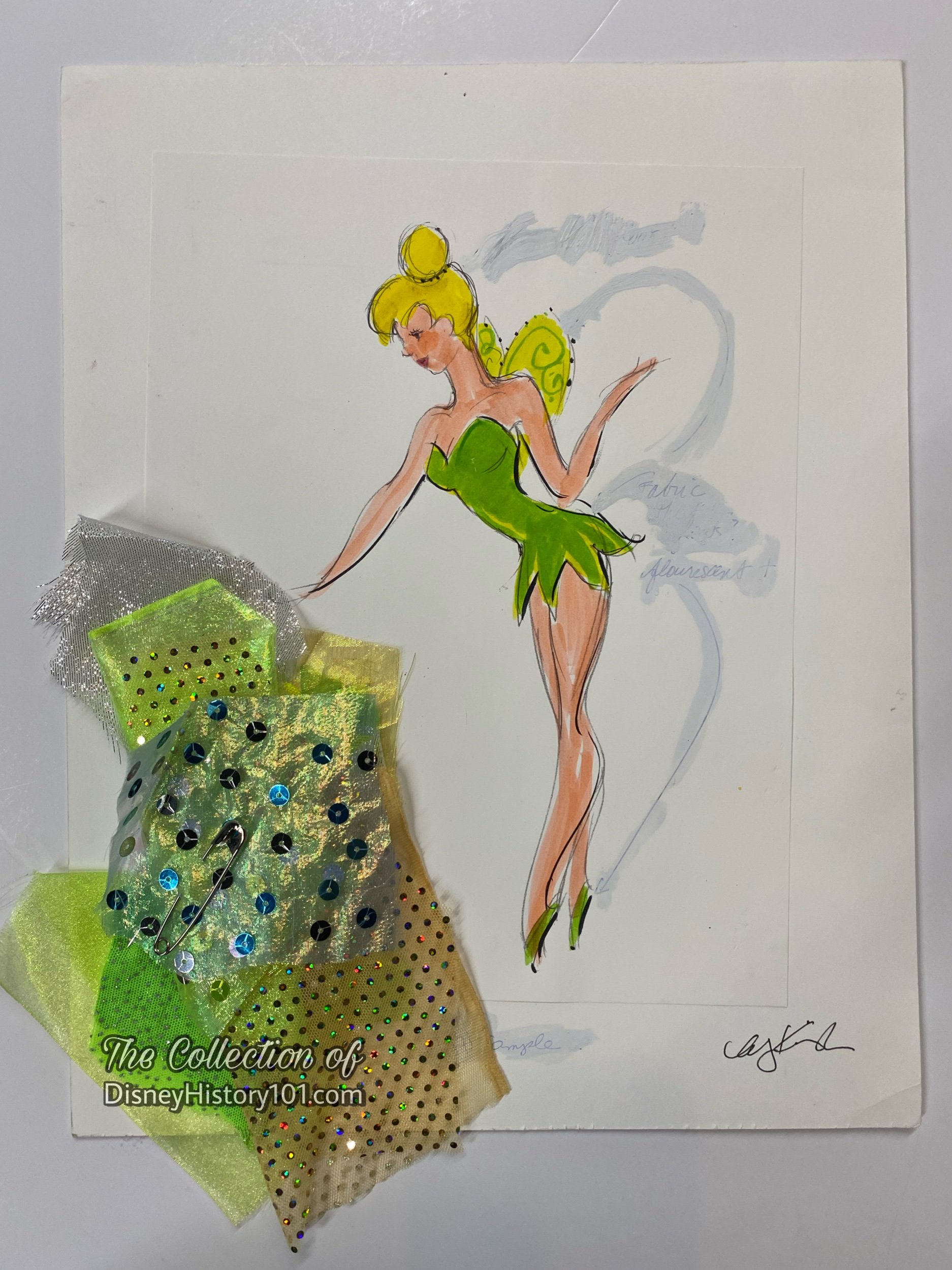
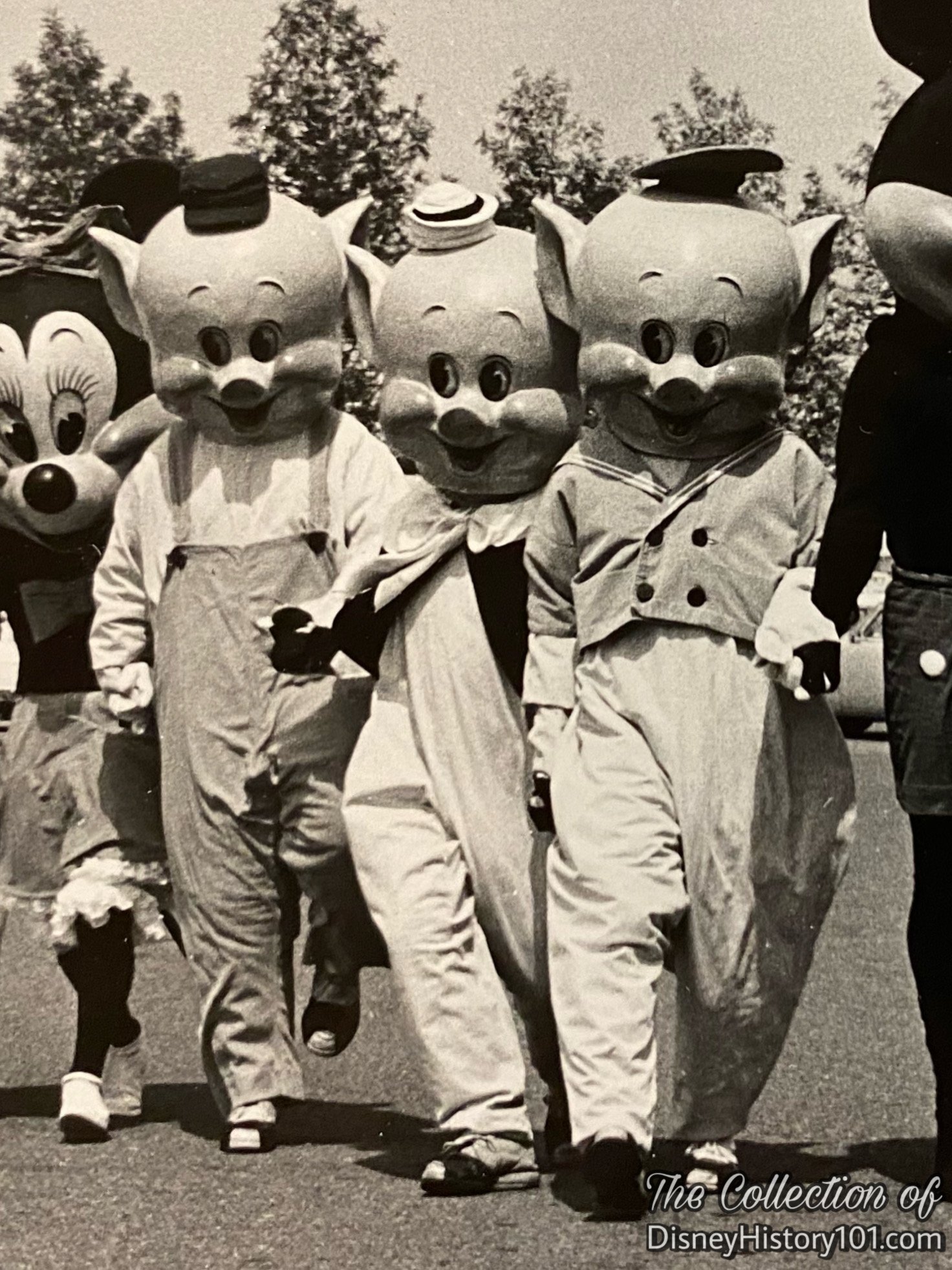
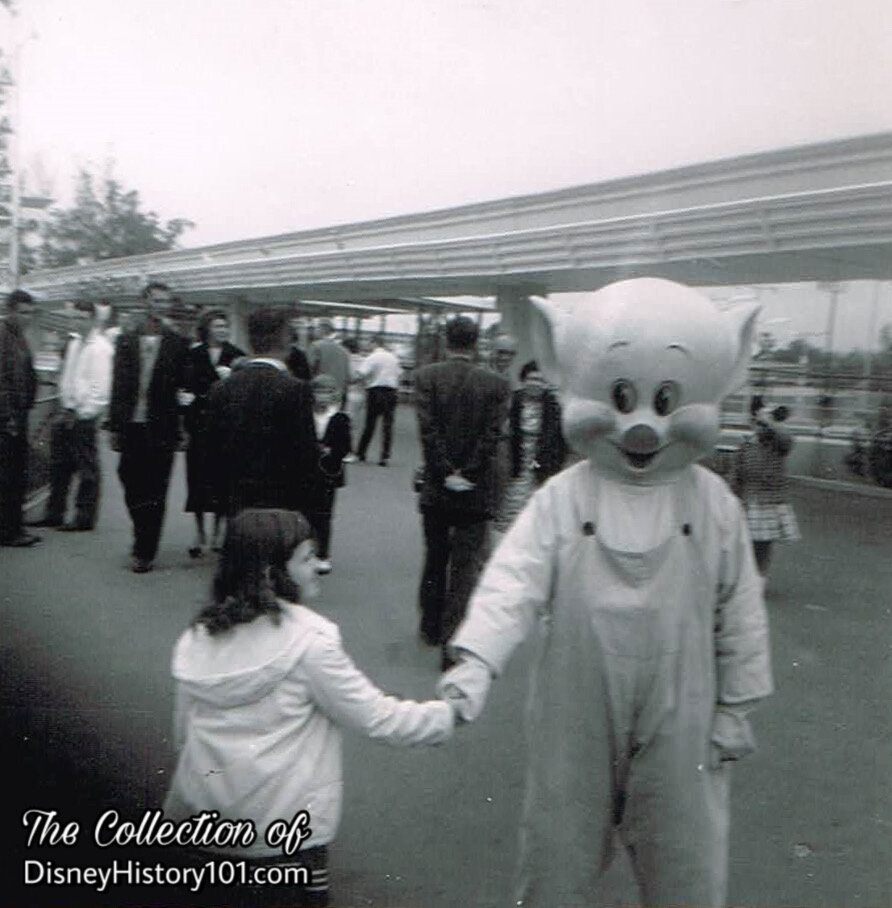
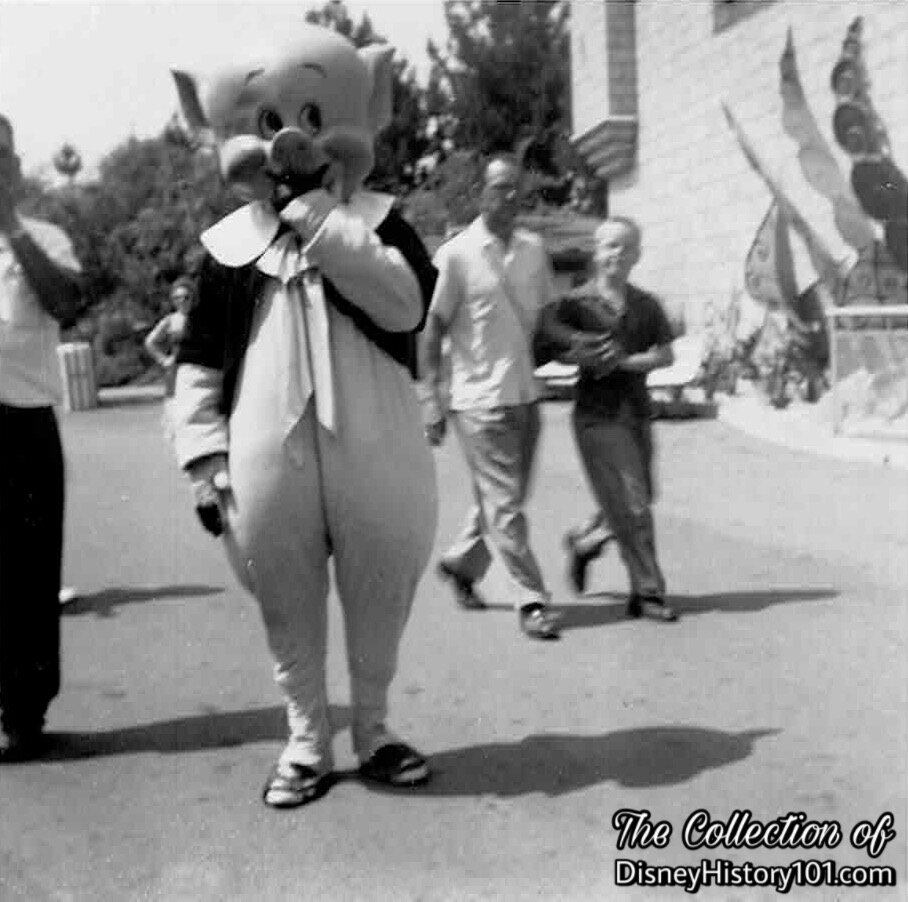
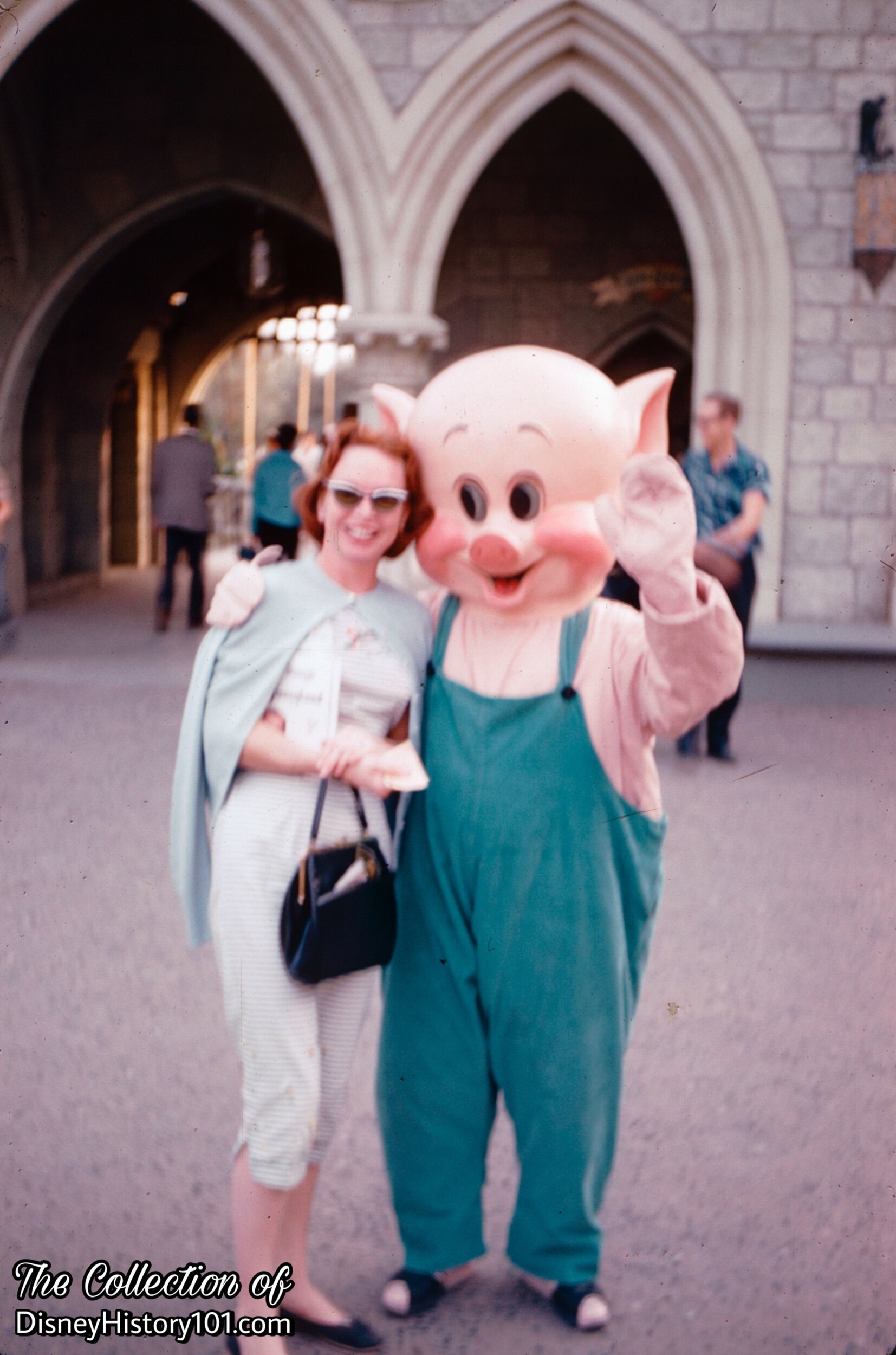
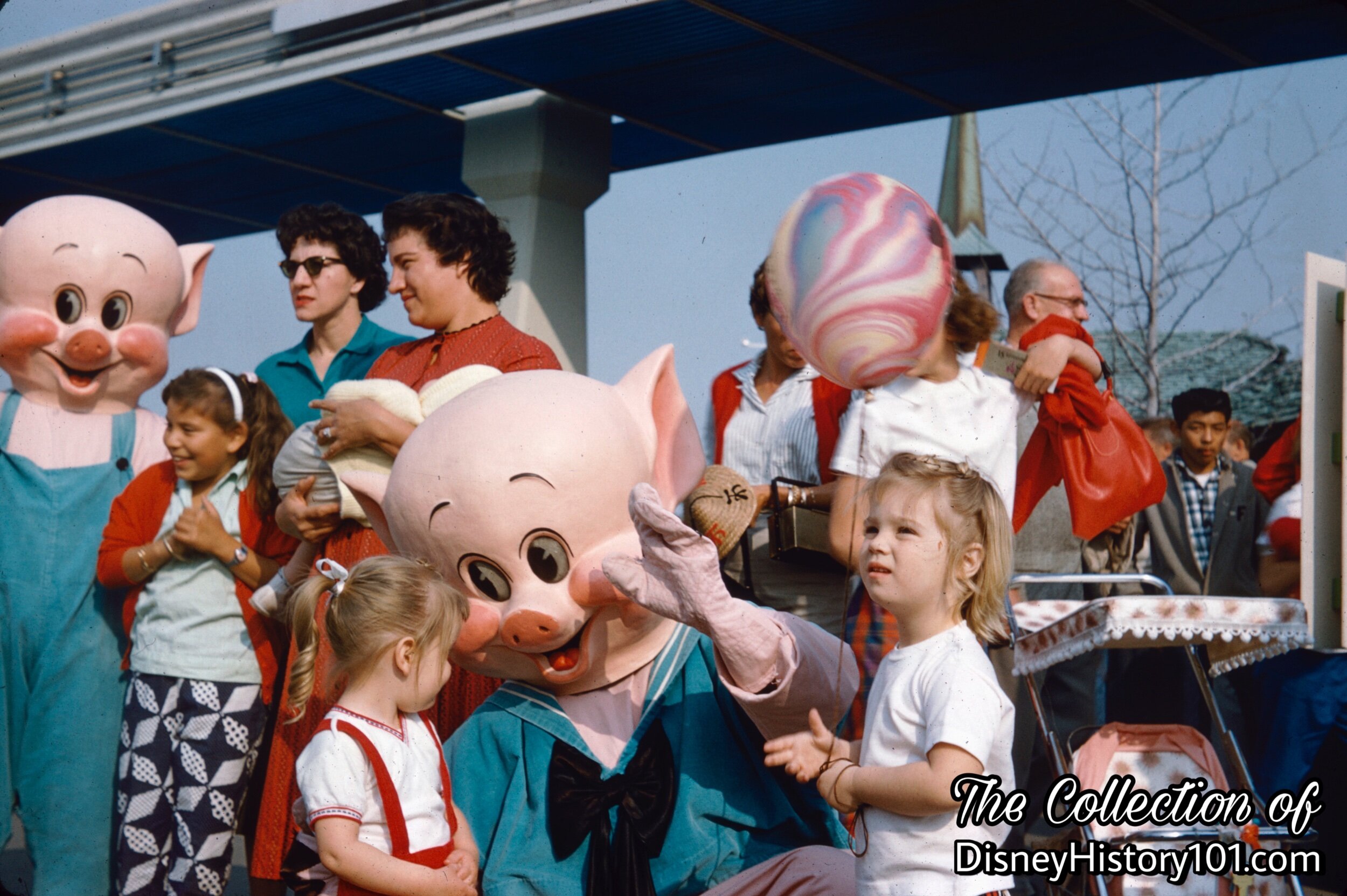
During 1959, the second incarnation of the Three Pigs (to appear in Disneyland) greeted guests all around the park!
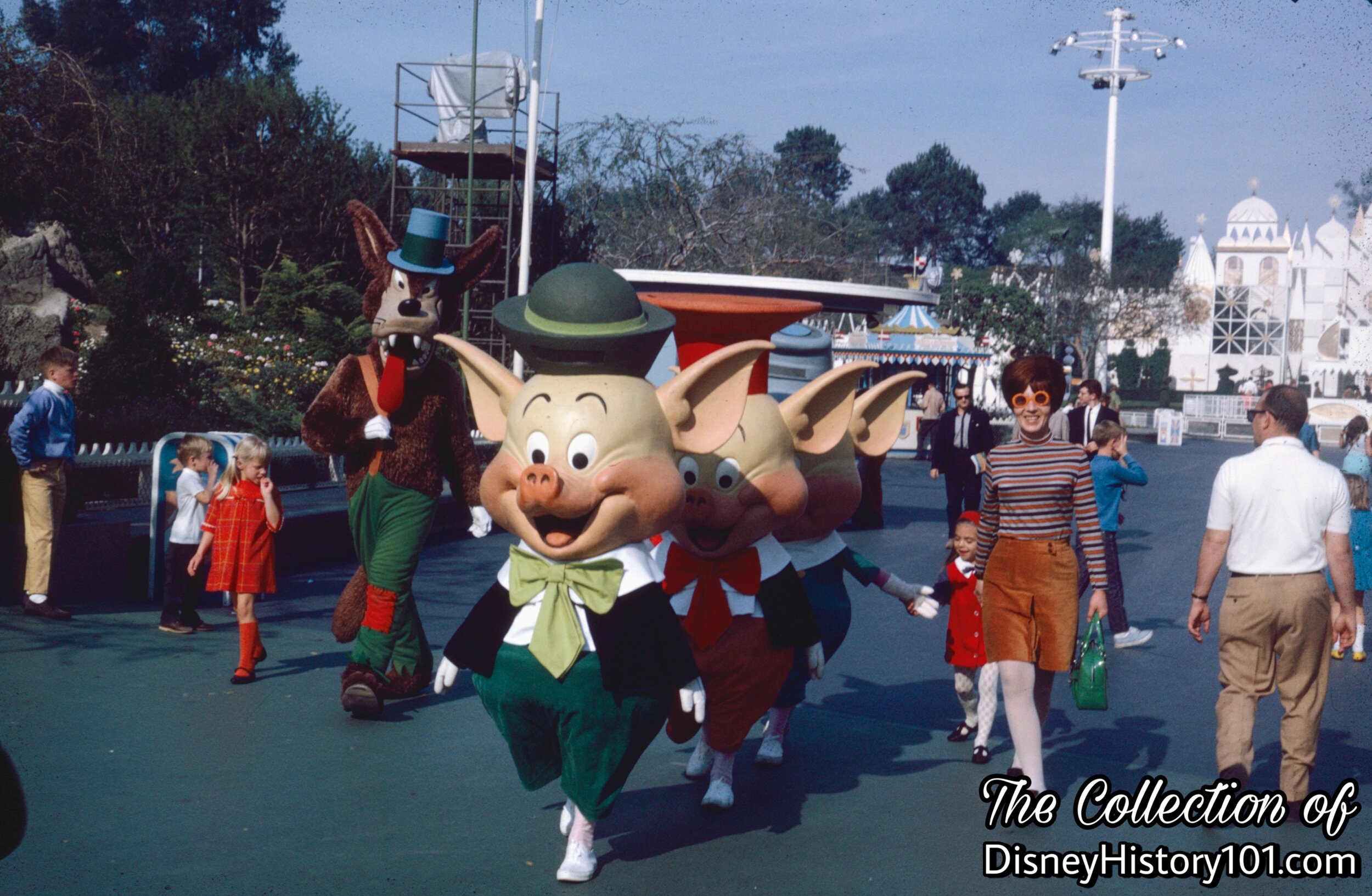
The third incarnation of The Three Pigs to appear at Disneyland (along with their new colorful ensembles) were created at Walt Disney Studios, under the direction character animator Bill Justice. These debuted during the summer of 1961.
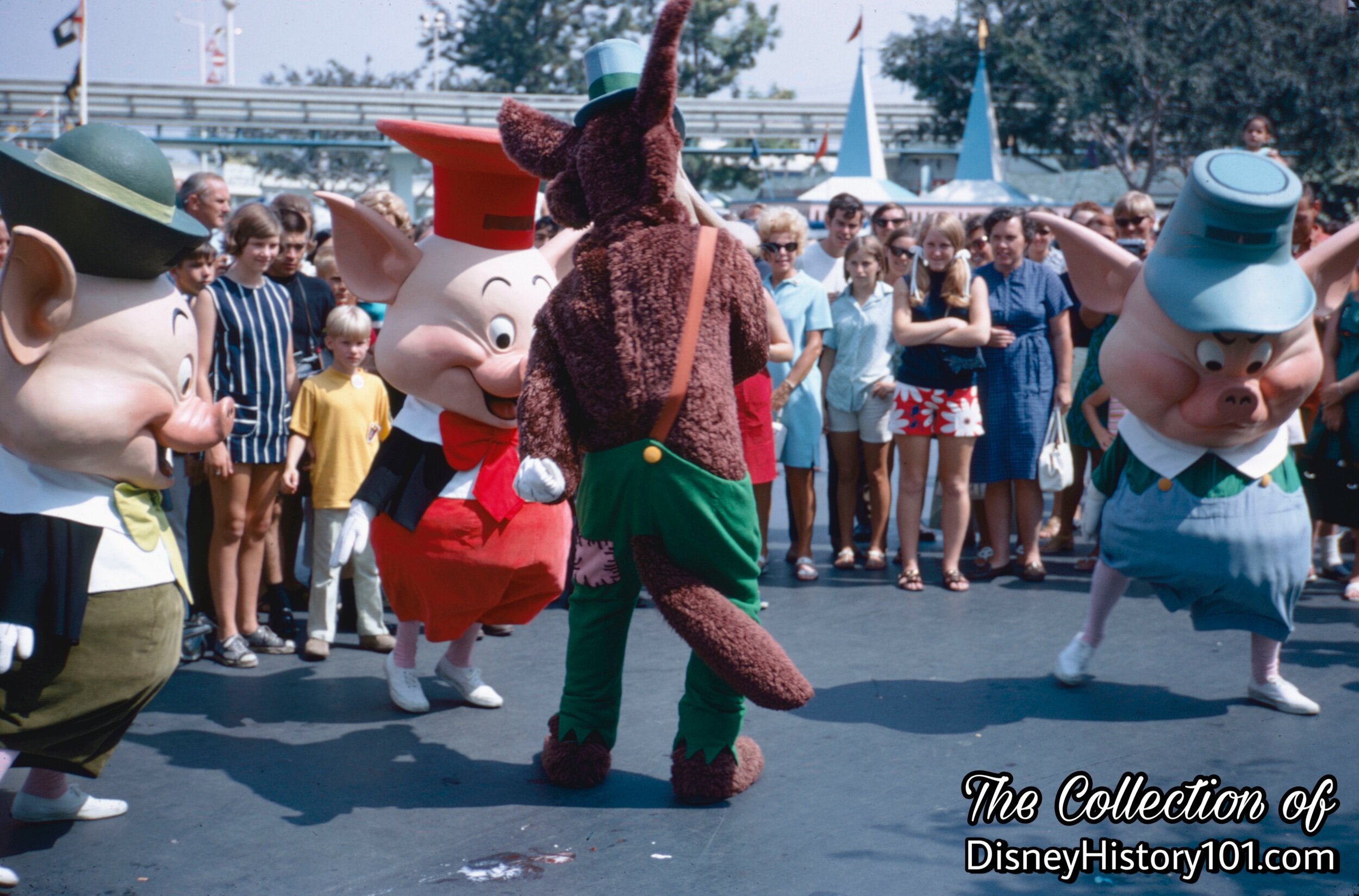
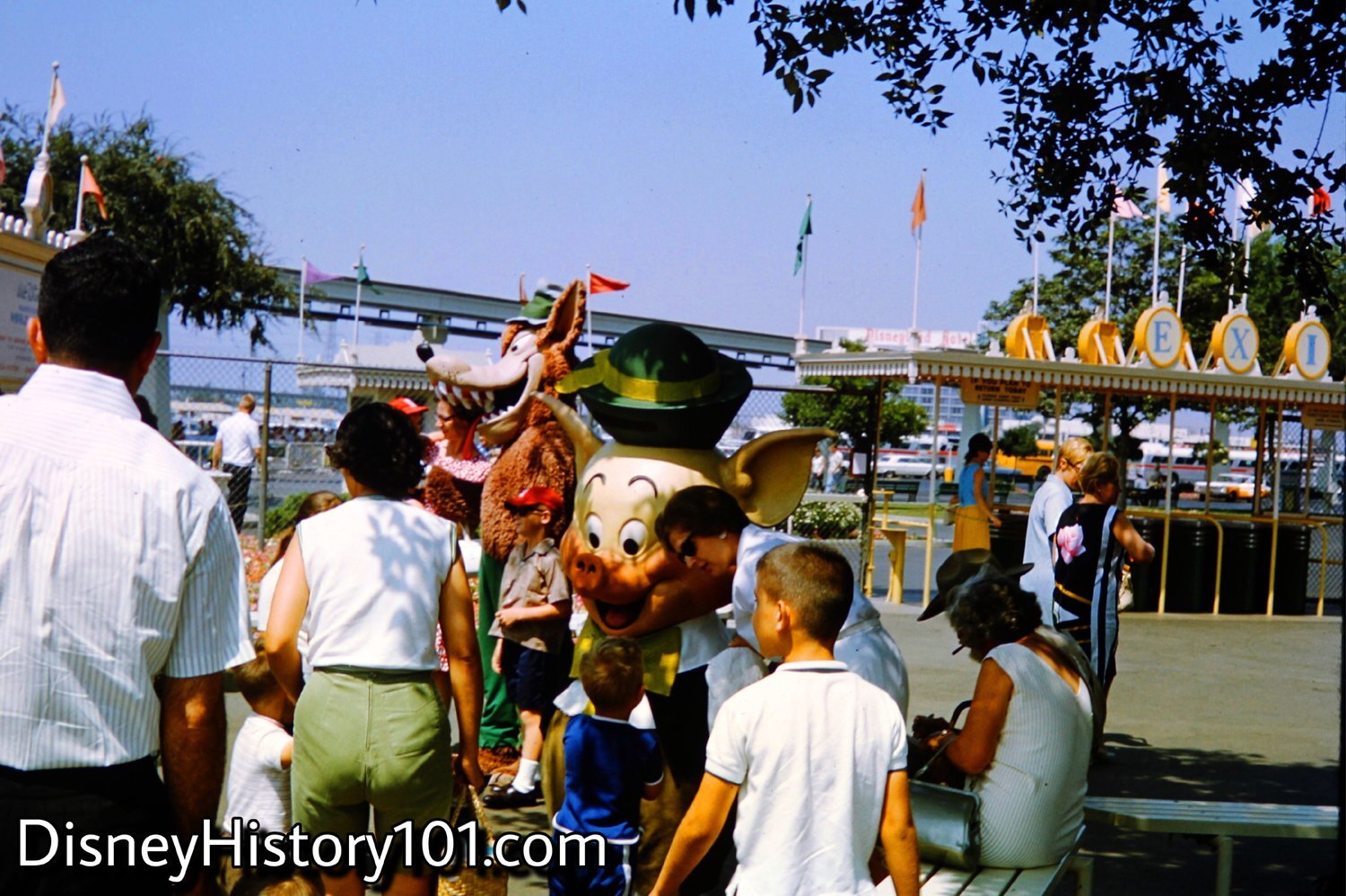
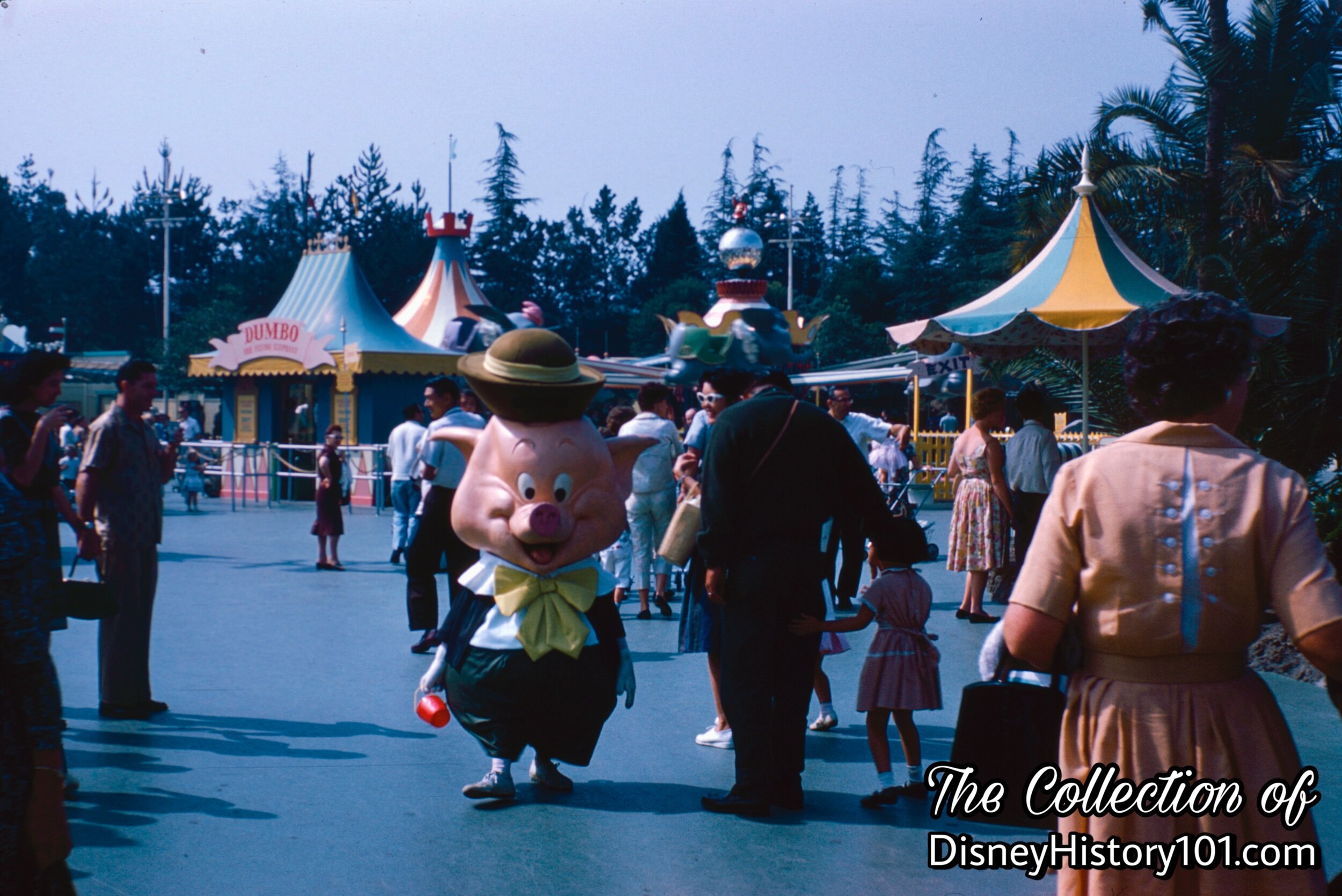
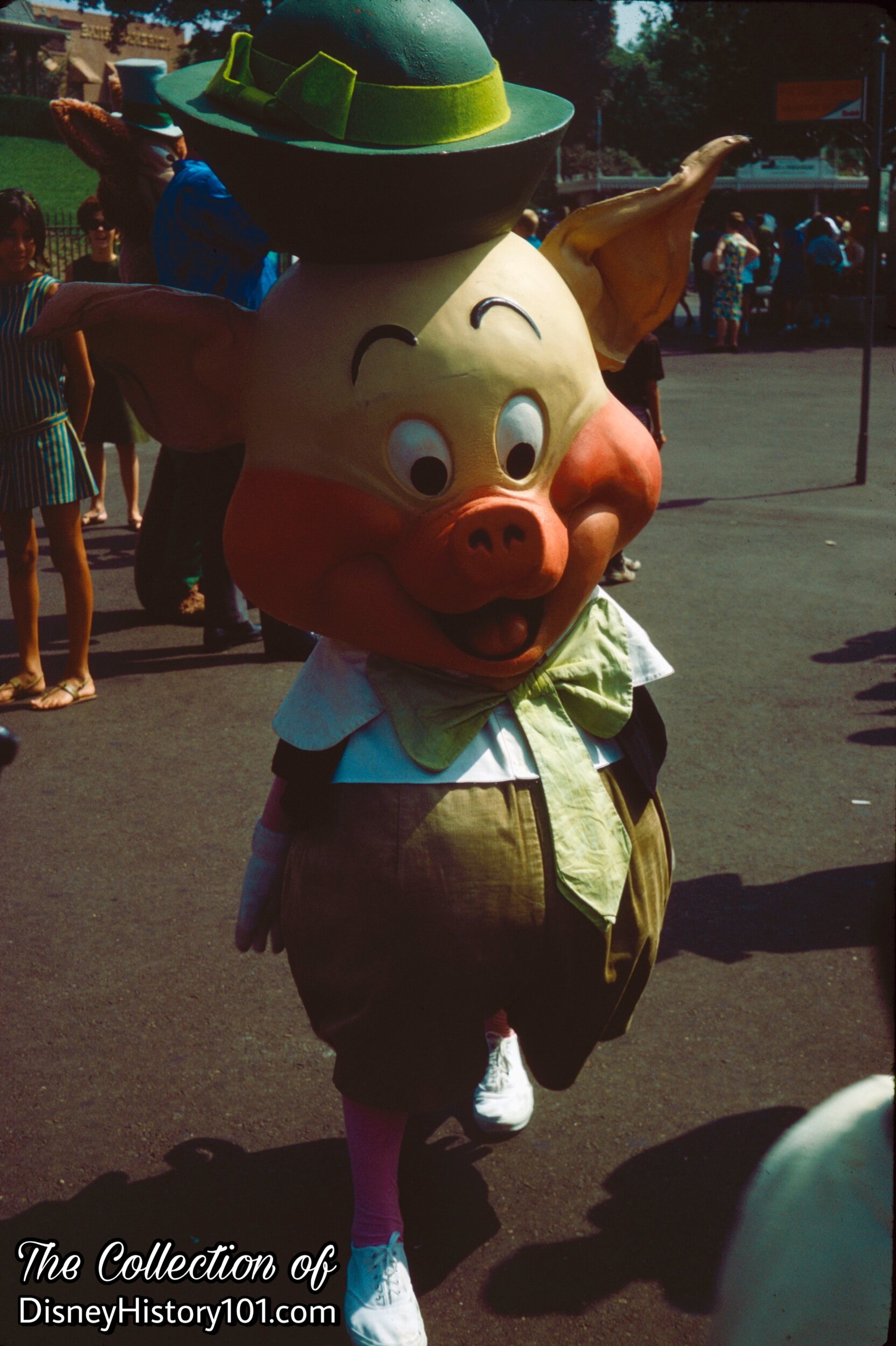
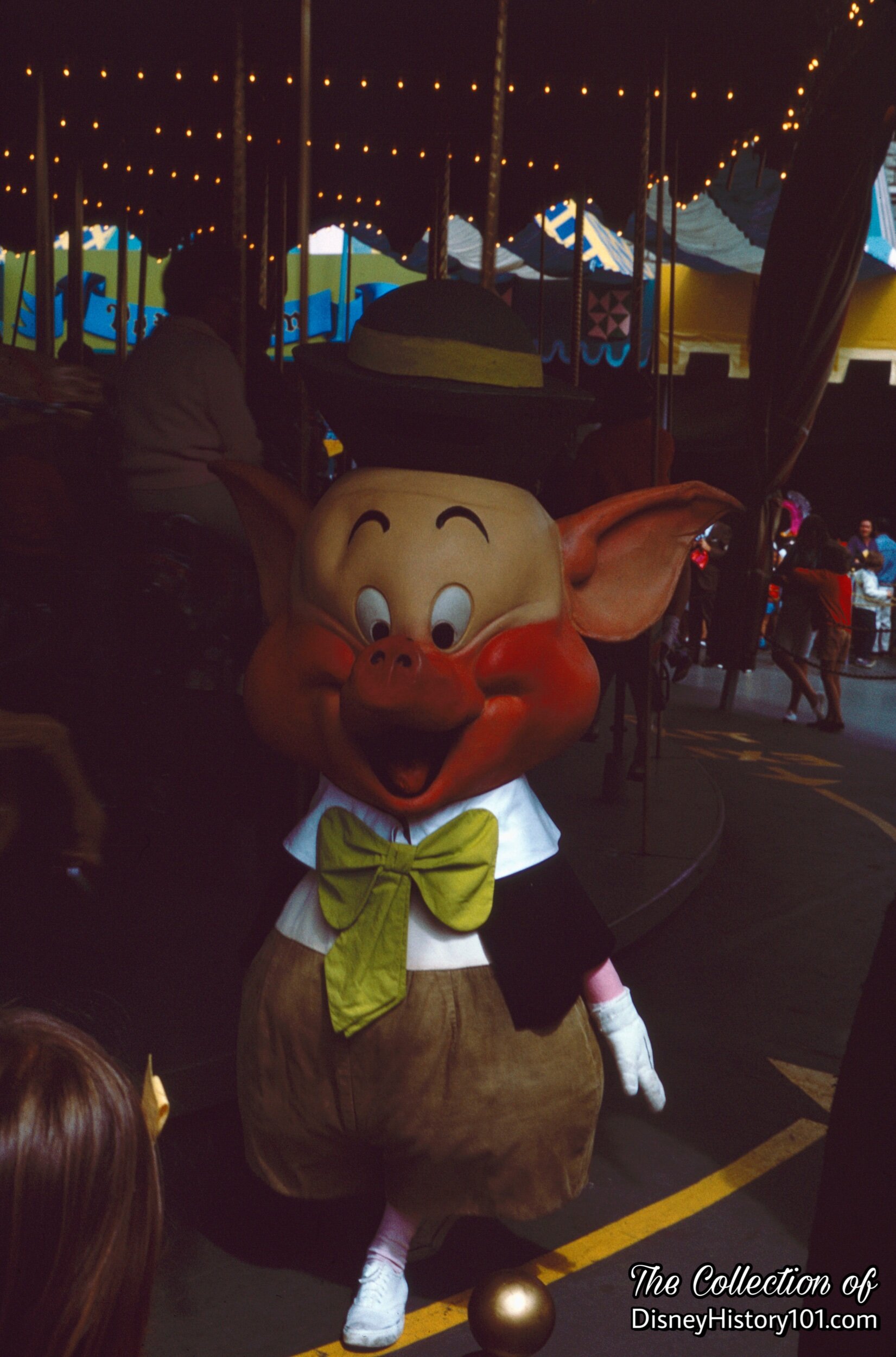
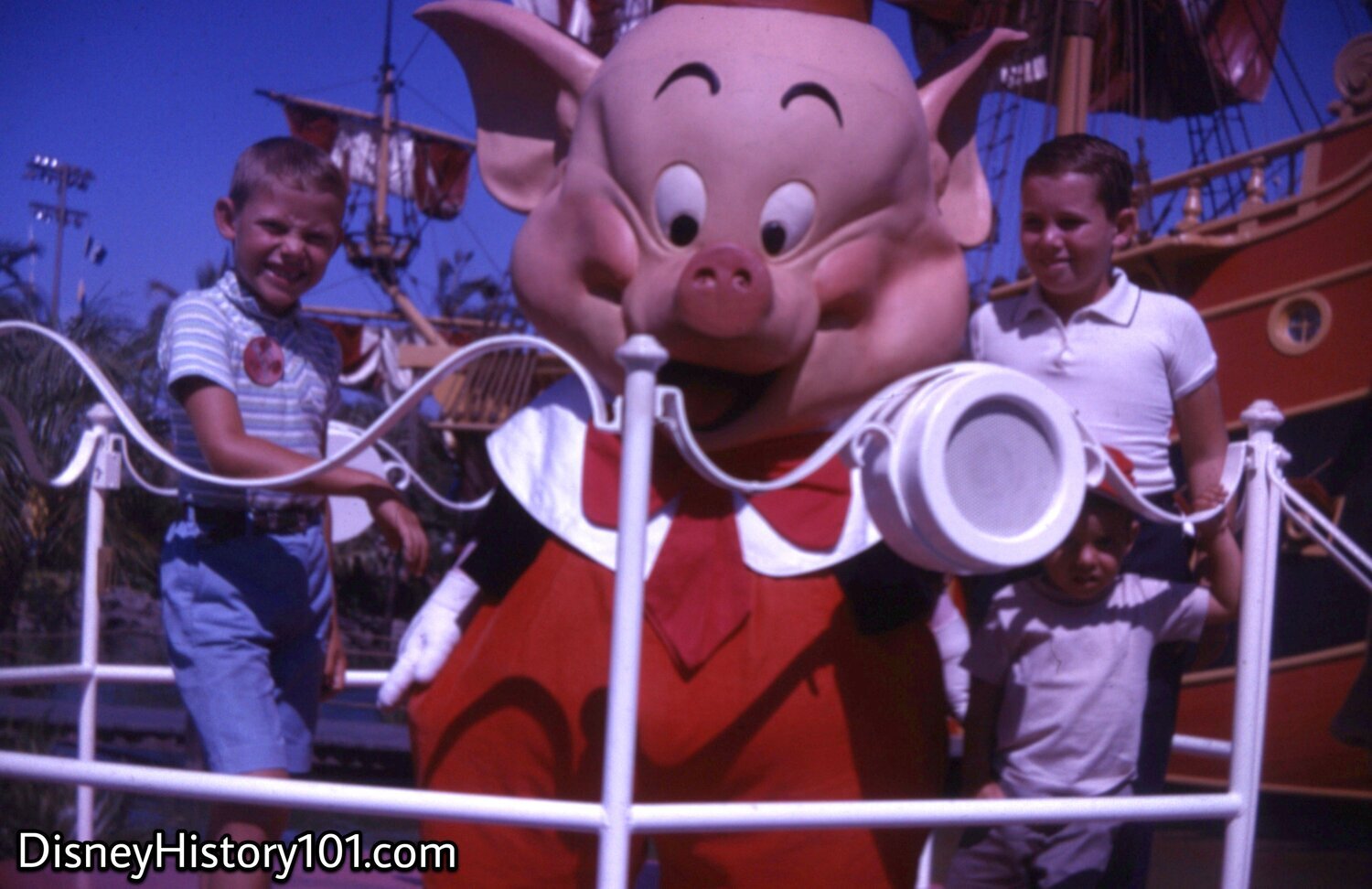
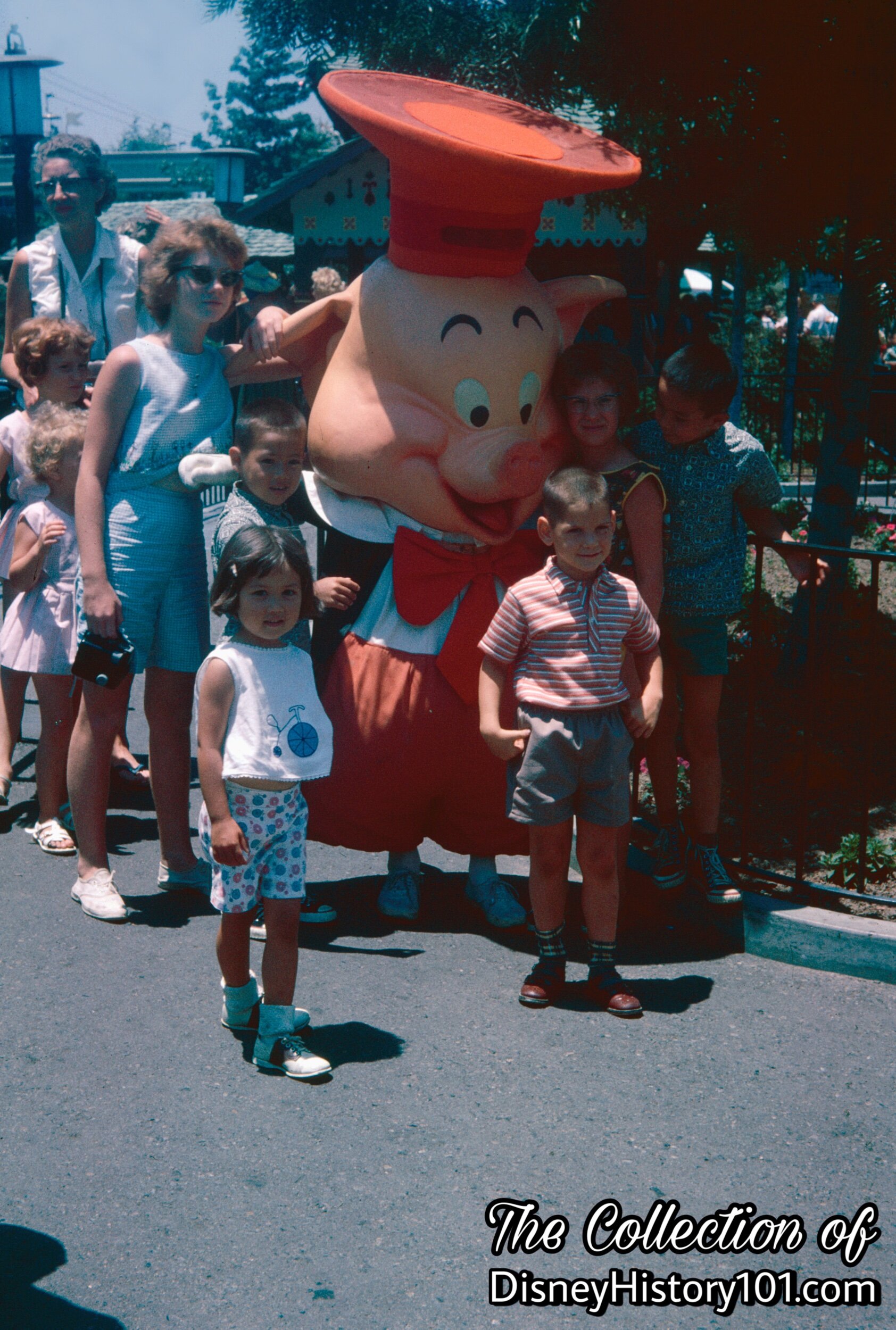
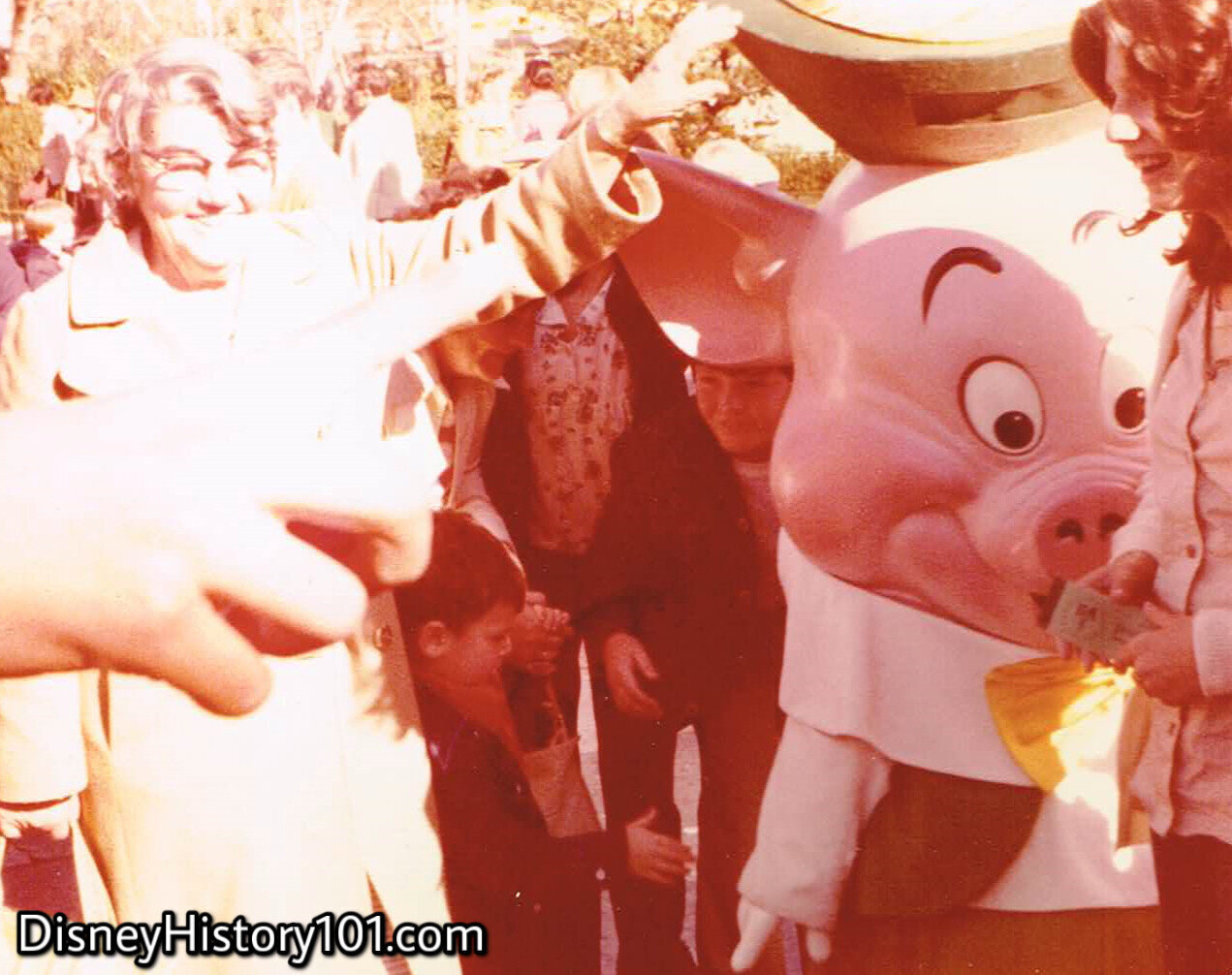
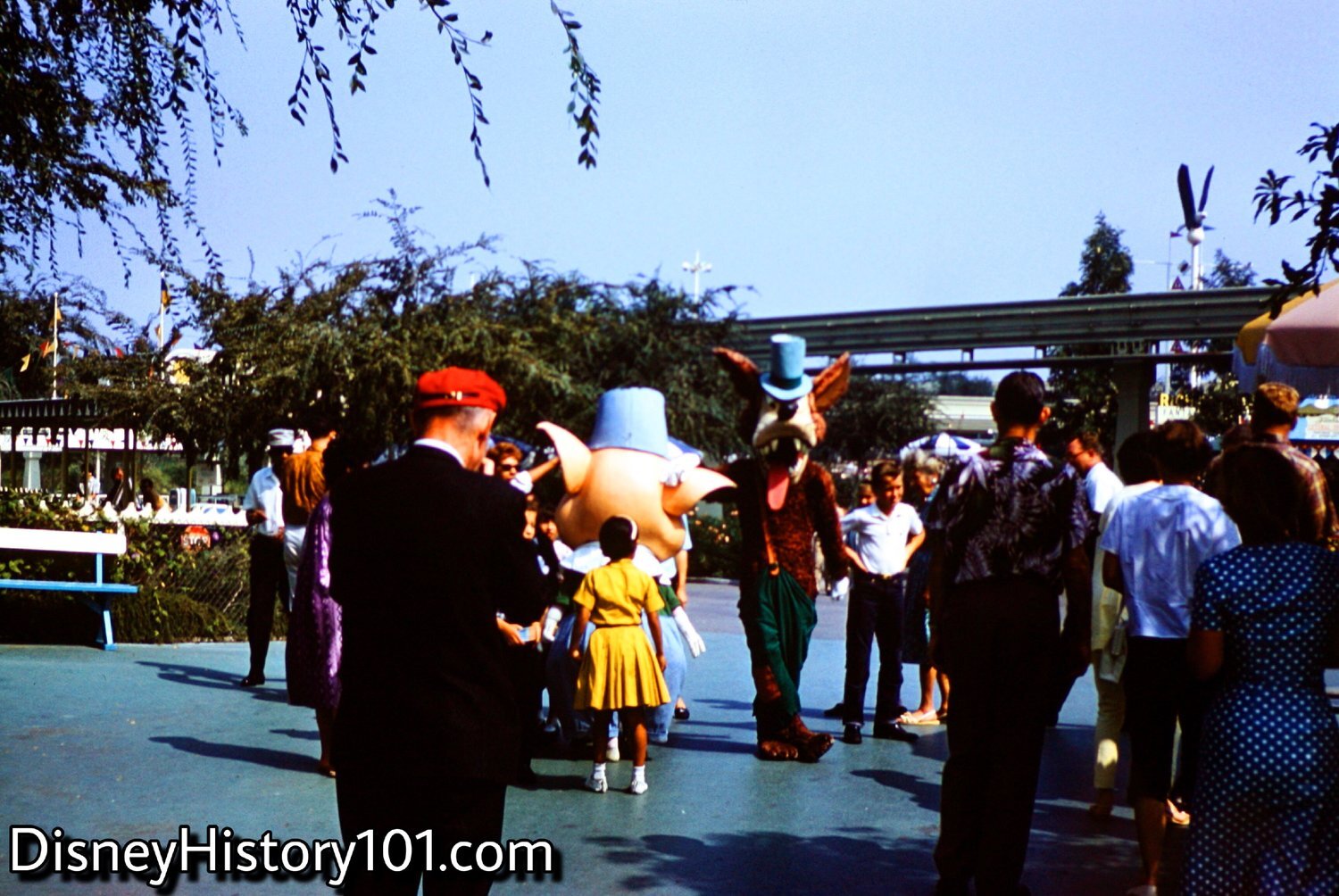
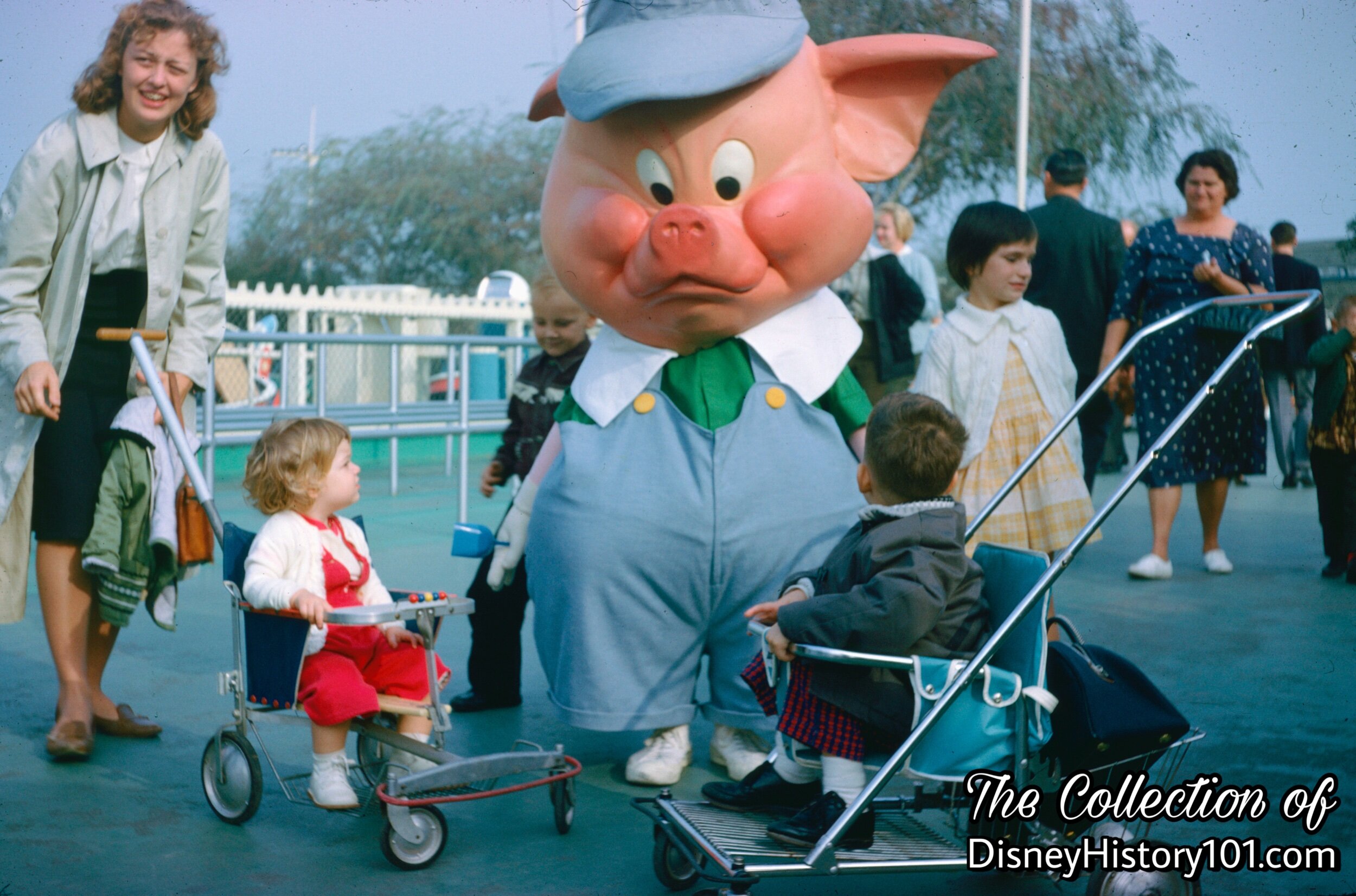
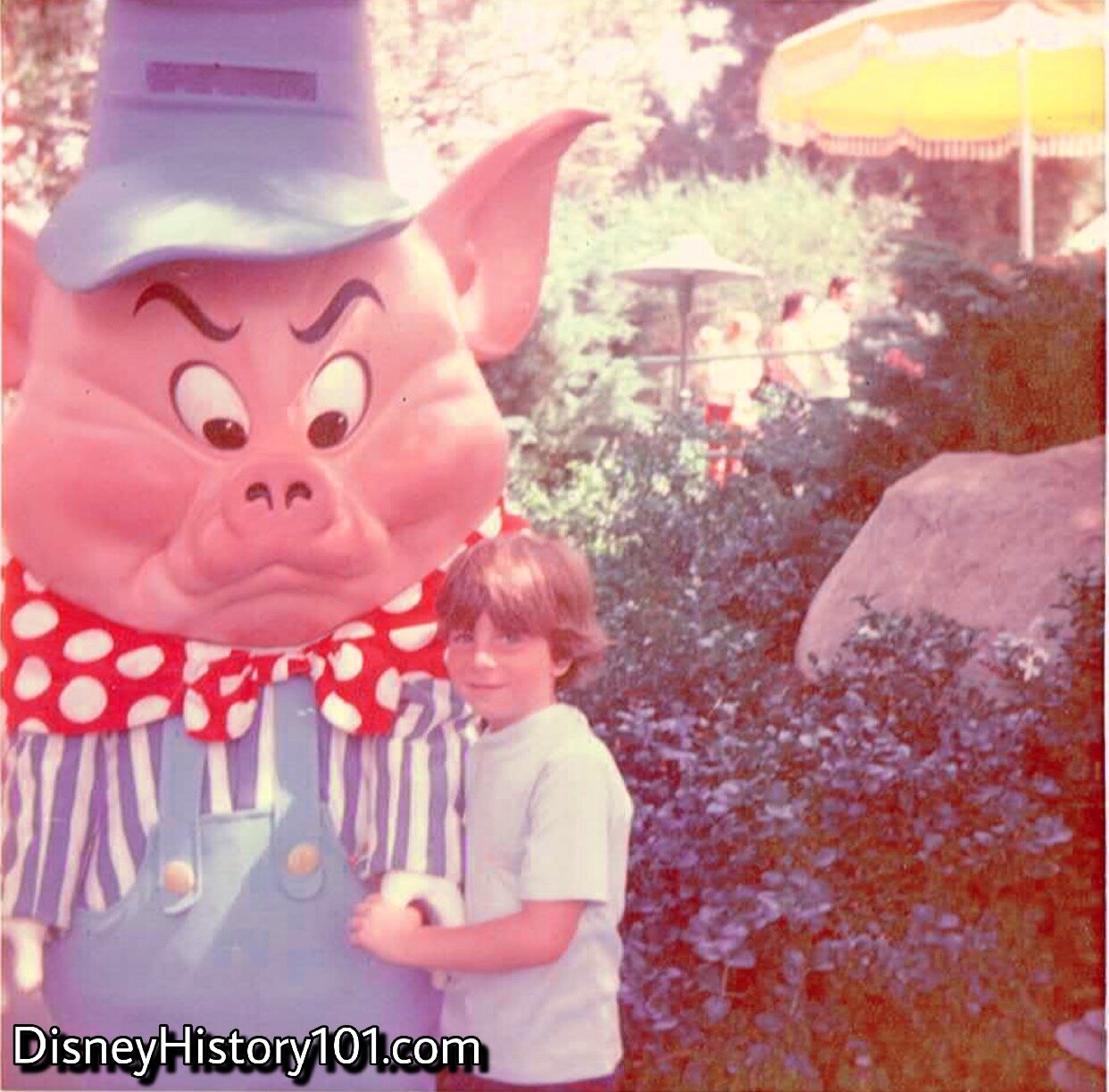
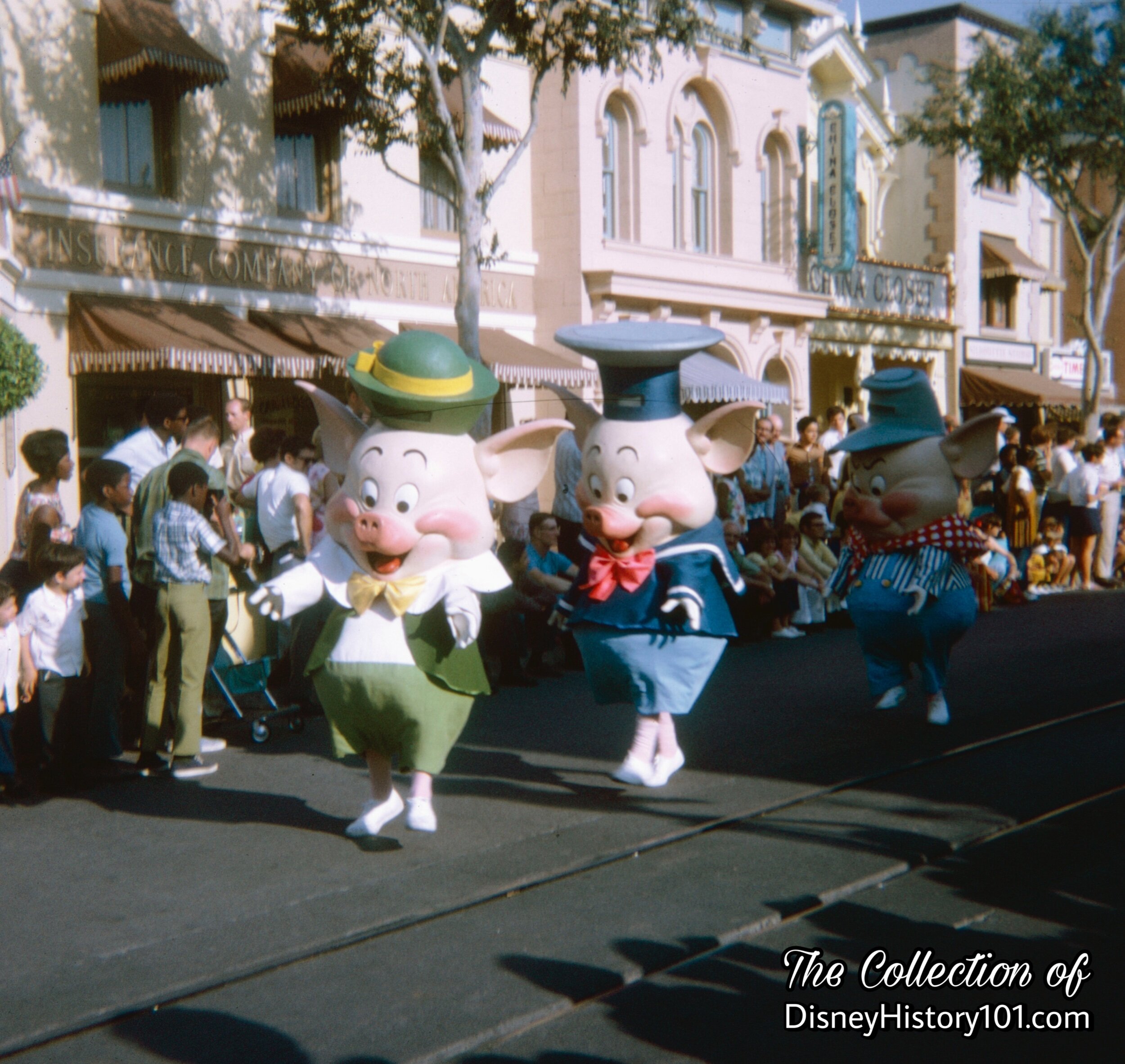
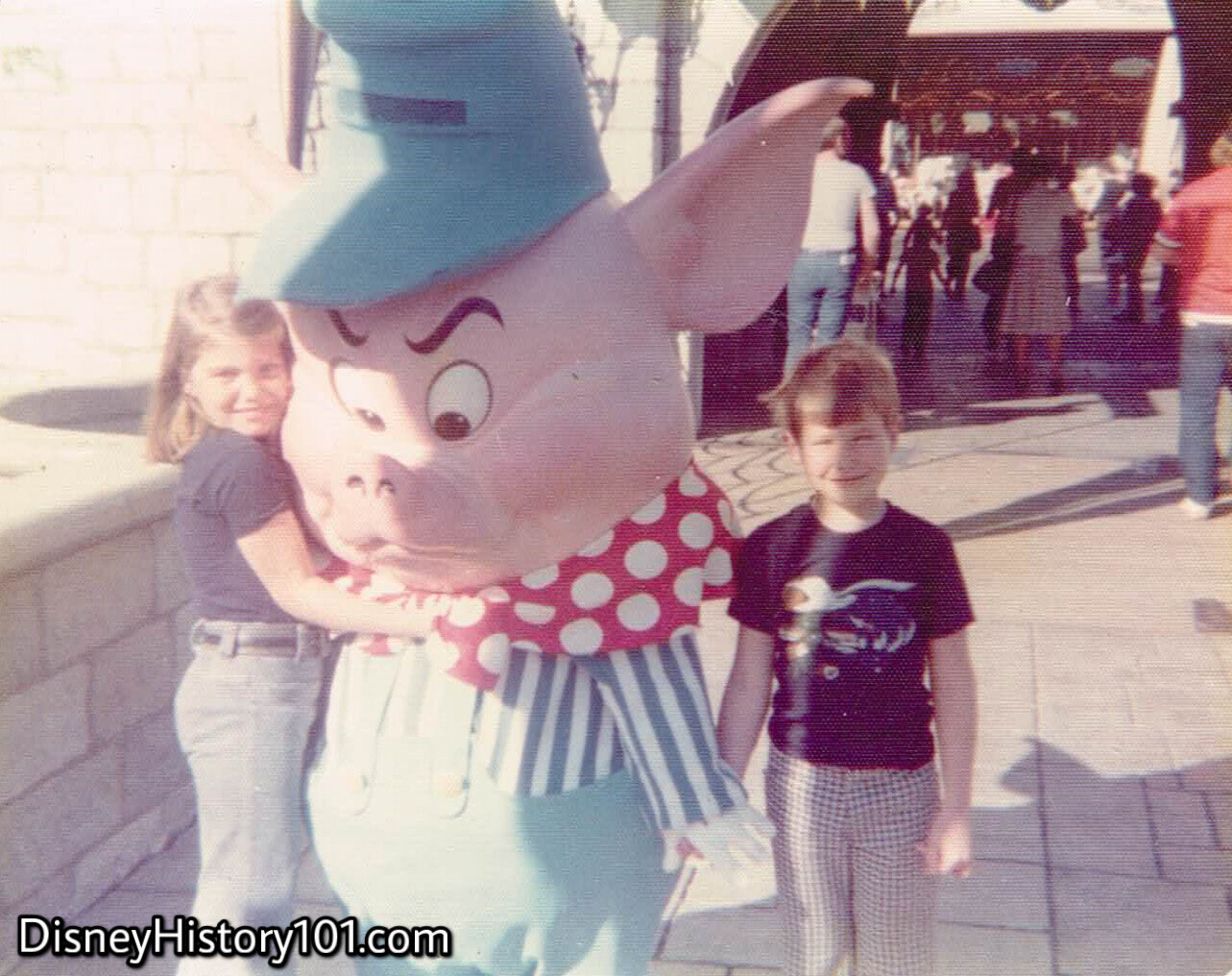
The fourth incarnation of Practical Pig (in fact, all Three Pigs), debuted c. 1989-1990, and finally had the ability to sign autographs!
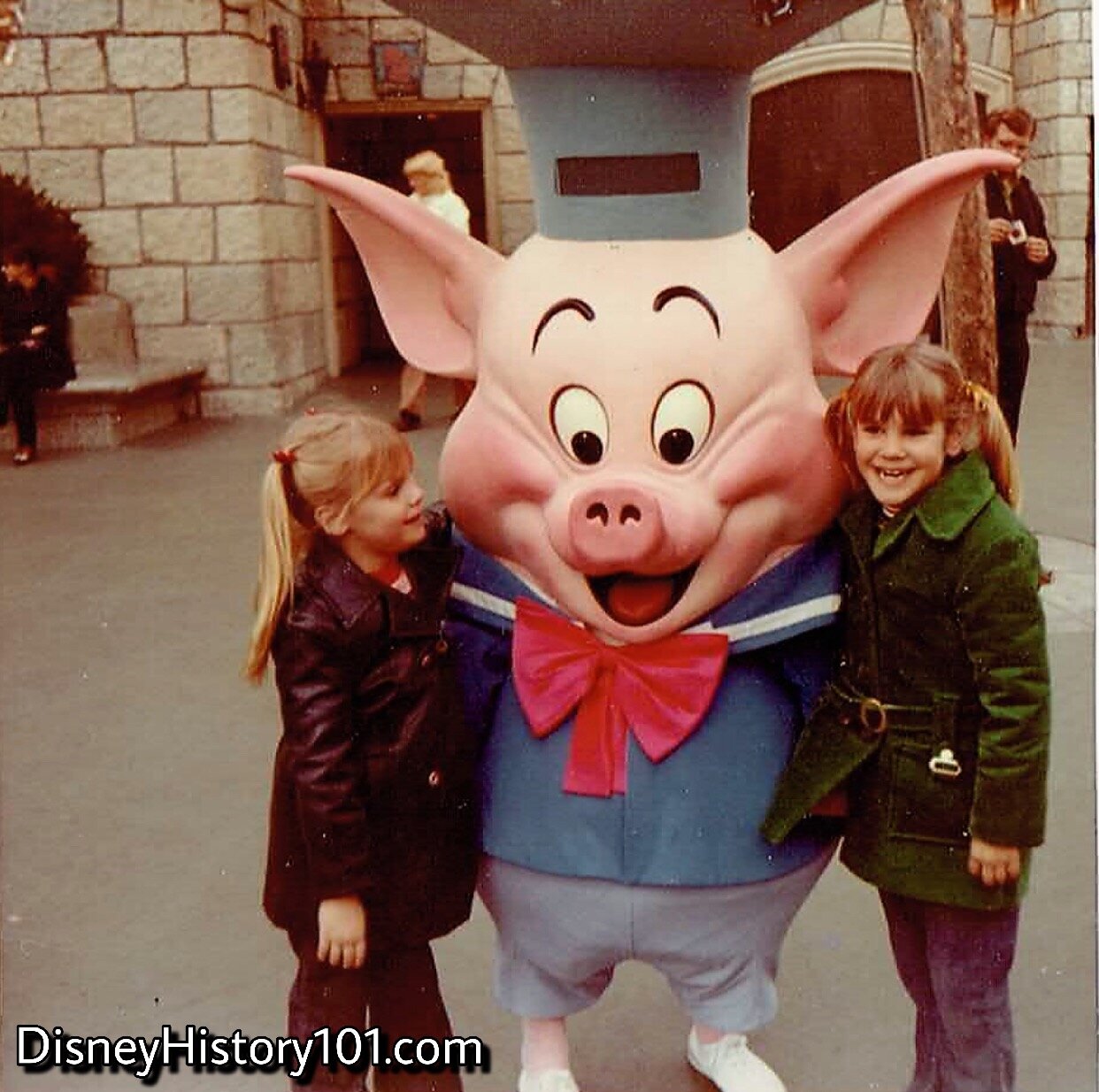
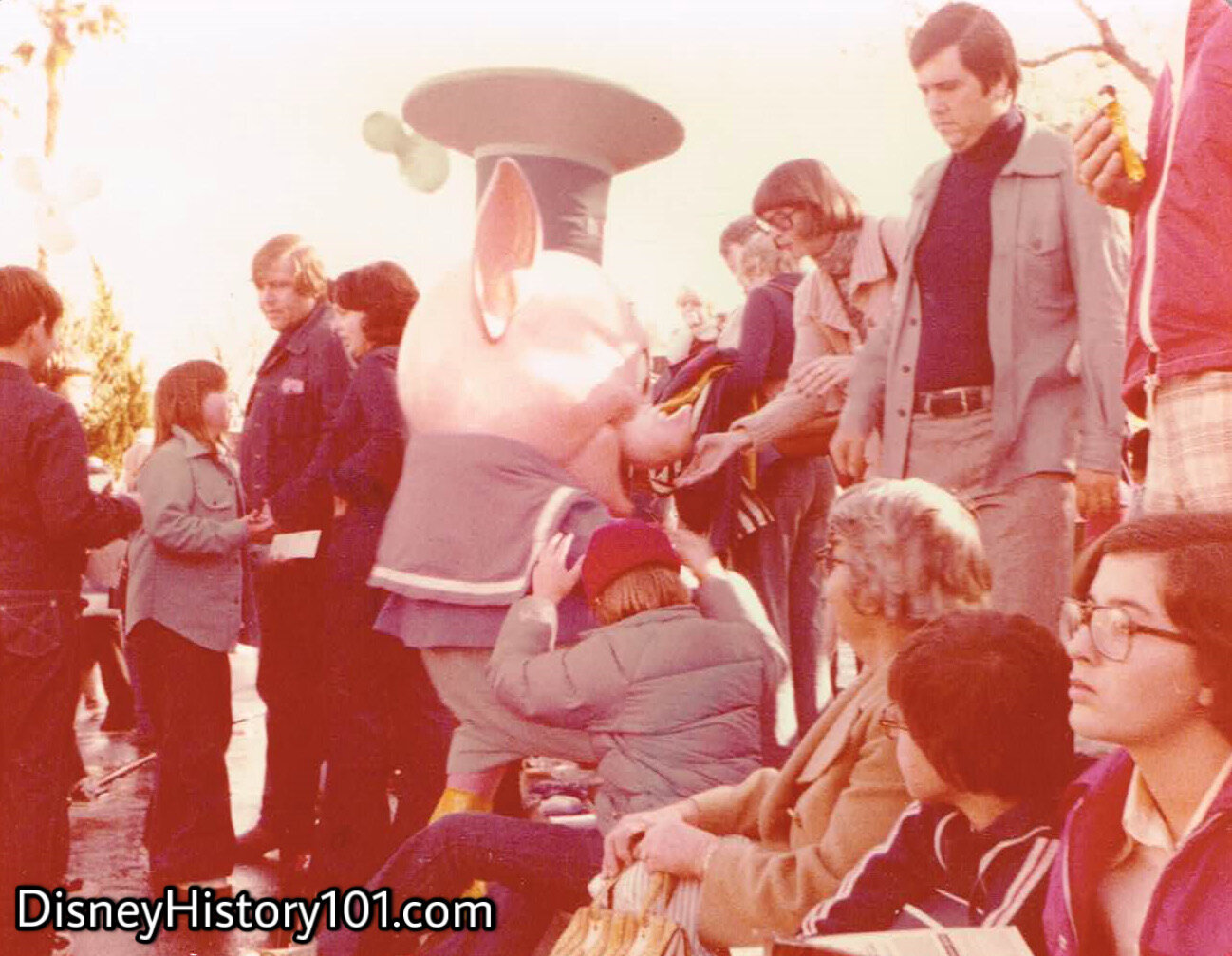
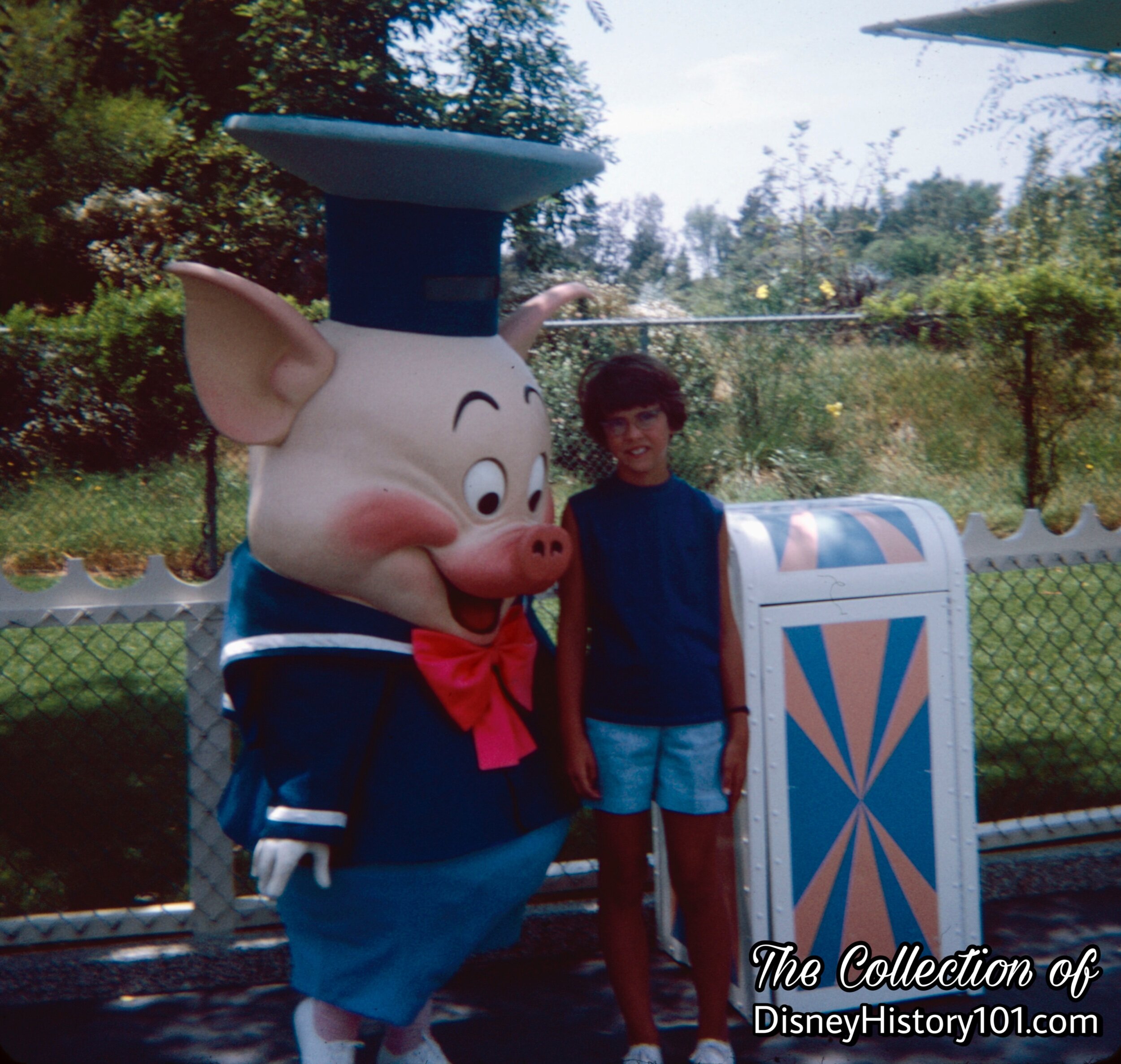
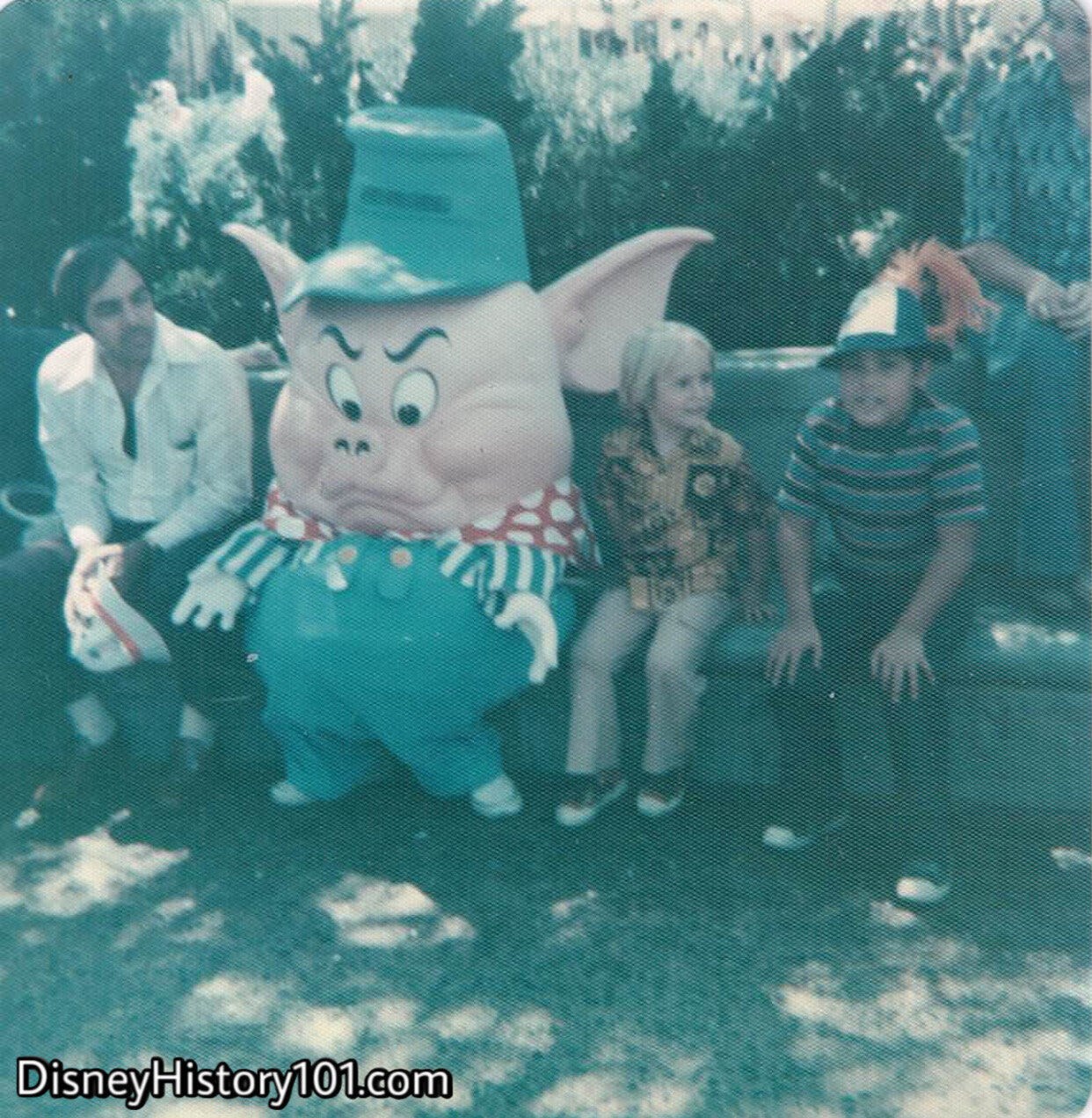
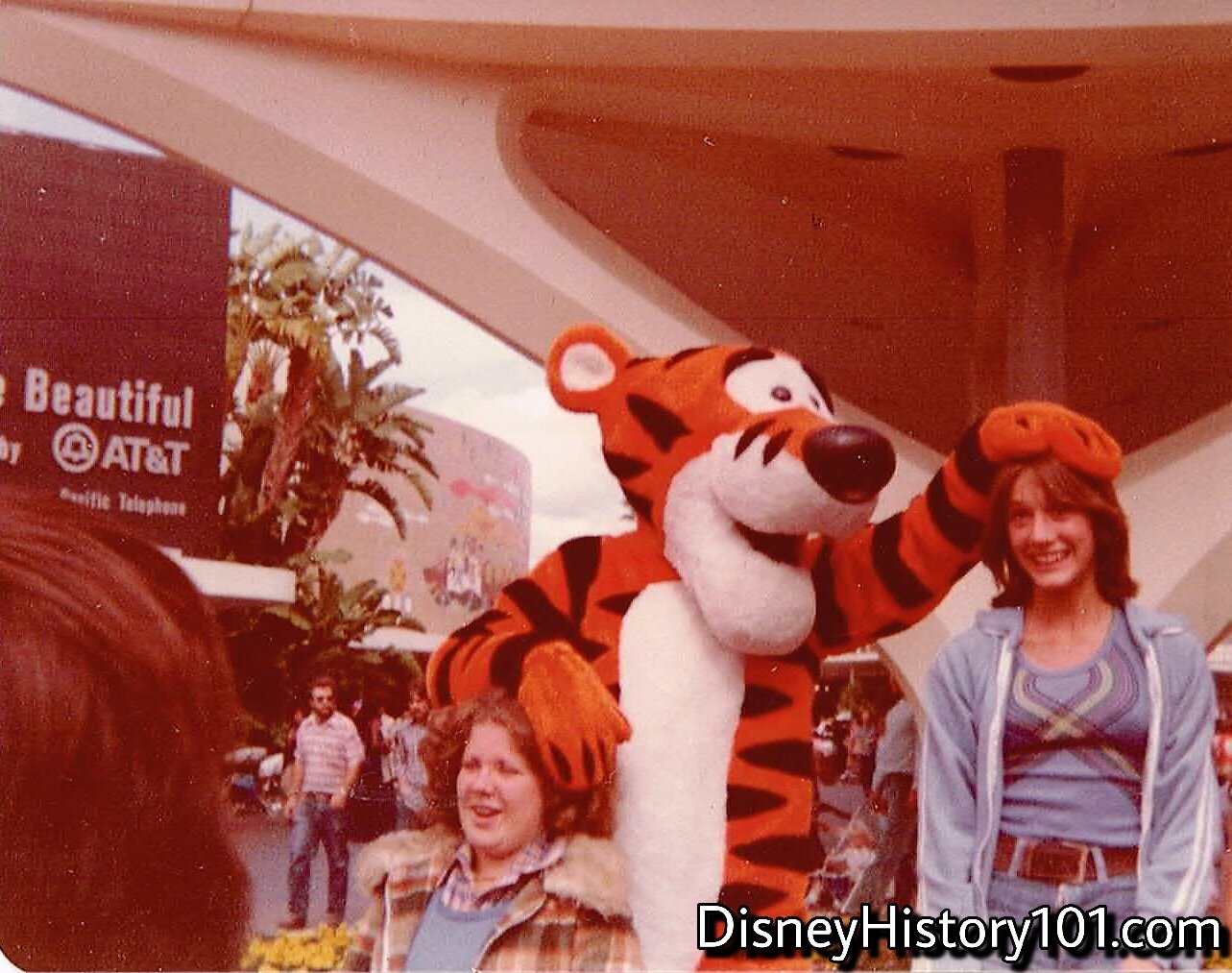
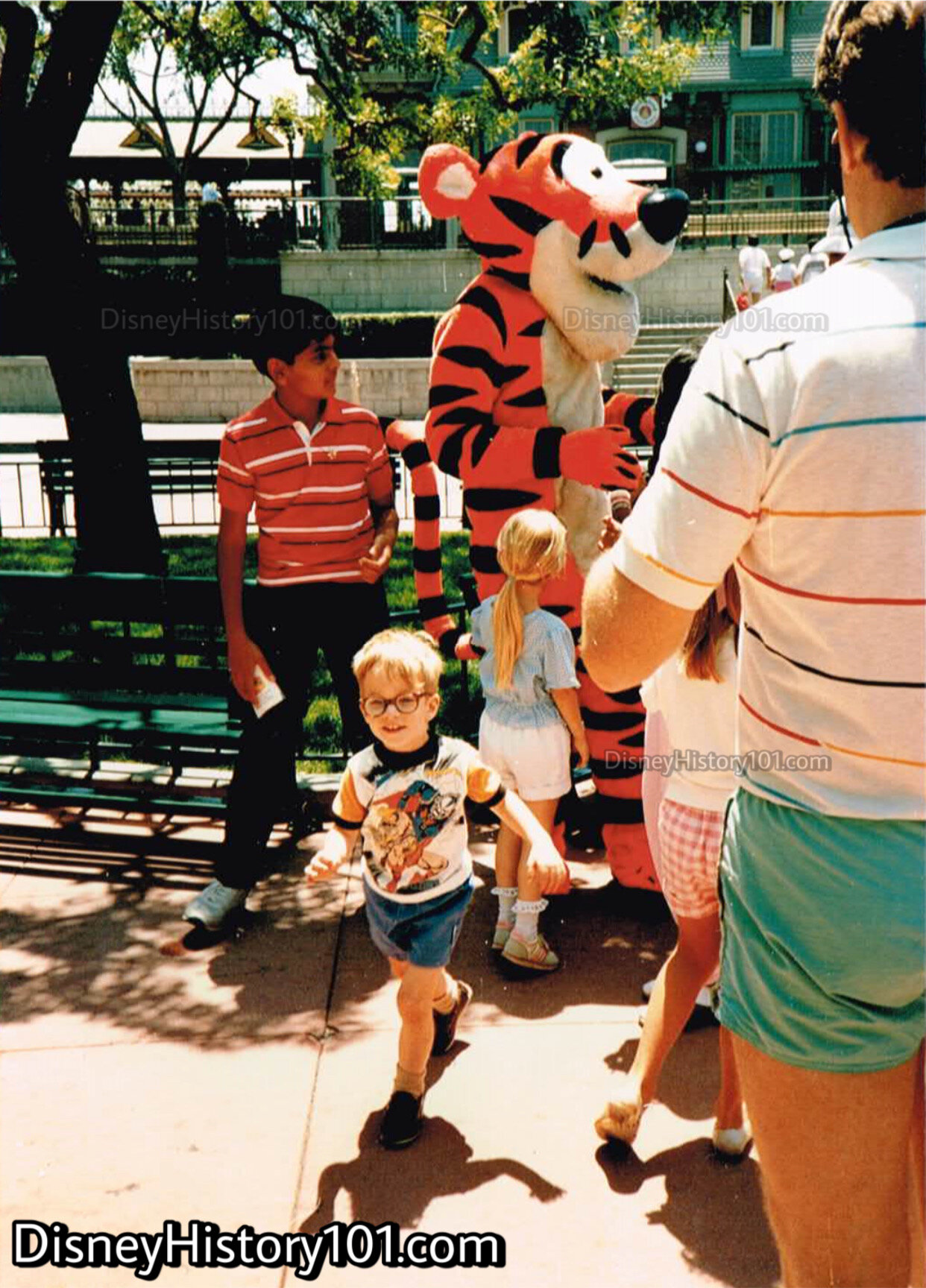
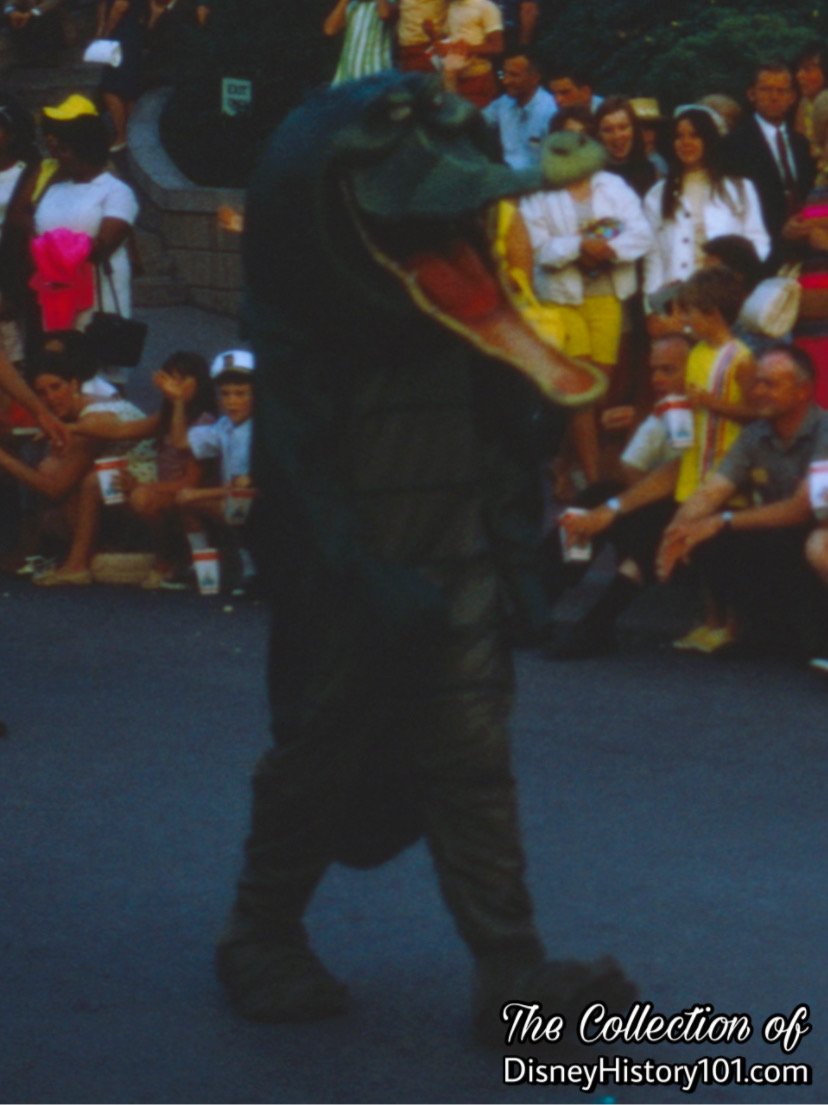

“When Disneyland's present ‘realm of the future’ was designed in the early 1950's, Early Bird, Gemini and Apollo were space-age terms of the distant future. Even the household word ‘astronaut’ was still to be coined.”
THE TOMORROWLAND SPACEMAN (or, Spaceman K-7) first appeared in the Tomorrowland unit of Disneyland’s opening-day parade on July 17, 1955. For this event, he was portrayed by Don MacDonald. It was sure hot that day (records show temperatures were around 100 degrees Fahrenheit), and you may recall seeing photos of Eddie Fisher serving an ice-cold bottle of Coca-Cola to the Spaceman K-7 on this occasion, while a smiling Debbie Reynolds looks on. Spaceman K-7 (portrayed by Don MacDonald) would soon make appearances as Tomorrowland's official greeter, from 10am to 4pm.
Later, the Tomorrowland Space Man K7 was portrayed by John Louis Catone around 1956 (he was first assigned to the Autopia on Opening Day). John Louis Catone would become one of the first regular full-time Tomorrowland Space Man who would “shake hands with earthlings” around Tomorrowland. “55er” John Catone recalled his second day with Disneyland: “I was in a space suit, doing promotions with the guests... one day 13,000 pictures were taken! As space man, I was also used as a crowd mover. I would go right past a long waiting line, the people following me like they followed the Pied Piper. At a small line I would stop to start some business there. There was pure oxygen in the space suit at first. Sometimes a kid would turn the tap in the boots and drain the oxygen to the head. I would feel like I was on ‘Cloud Nine!’” During September 24th and 25th, 1955, Spaceman K-7 even participated in special events (like Van Nuys Days at Disneyland) - riding horseback and in a helicopter!
John Louis Catone (who applied March of 1955) wore the suit again during 1956. However, many other individuals would go on to “don” the Tomorrowland Spacesuit. For example, Charles Bright (who later went on to serve as Disney Parks Senior Special Projects Director), became a Tomorrowland Spaceman in 1959. Charles was followed by the 19-year-old 6’9” John Glenn (a Mount San Antonio College student, and not the true-life astronaut), who wore the spacesuit during 1962 and 1963, and John Mathews (another Disneyland character performer). Bob Newman and future Walt Disney Imagineer Randy Bright did also.
THE TOMORROWLAND SPACEGIRL was also portrayed by a number of performers thru the years. Many women portrayed the Tomorrowland icon including Debbie Rooney (1958), Donna Fox (c. 1960, 1961), Shannon Borsz (c. 1962), Shannon Johnson (1966) who also performed with the Hootenanny group that year, and Sue Eisenberger (c. 1967).
“THE “CELESTIAL FASHIONS” OF THE TOMORROWLAND SPACE COUPLE” were usually on display six days a week, during the 1950s and 1960s! There were at least four incarnations of the Tomorrowland Spaceman suit over the years - (1) a yellow-toned suit, (2) a reflective suit with a circular logo on the chest, and the space station “K-7” designation on the front of the helmet (you see a version of this suit on one of the Kaiser Aluminum Disneyland postcards), (3) a version with no complicated belt apparatus, and no rings on the sleeves, or pants legs, (4) a version with “Disneyland” emblazoned across the chest.
The costumes were modified, enhancing the show quality of the Characters. There were at least two variations of the Spaceman’s helmet through the years - (1) one version featuring a support frame and antenna on top. This one was modified with a strip to provide protection from the sun. This version was also briefly modified to read “K-7”, and again modified to allow for lighter weight and increased vision. According to an article by Art Linkletter published in The Ford Times Guide To Travel In The USA (published 1962), “In Tomorrowland, there’s the “Man From Mars”. The Park employee inhabiting the Martian costume was a baseball fan. He had installed his tiny transistor radio in his helmet. The noises emanating from the communications headpiece as he listened to the game sounded a little as if Venus were calling Earth. But one kid recognized the sounds and said excitedly to his father : ‘Gee, Dad, the Martians like the Dodgers, too!’”
There have been a few versions of the Spacegirl’s suit over the years - at least two mini-skirt versions, and at least one later version with pants. High heel boots were added during the 1960s. Sometimes the Spacegirl would wear a lengthy or short cape with Disneyland on the chest, and there were times she would not wear a cape. There were also occasional times that the Spacegirl can be seen wearing her helmet.
During the winter of 1962, Tomorrowland's official greeters, the Space Man and Space Girl welcomed Guests (with December 17, 18 & 25, 1962 off work). By the winter season of 1967, the “Space Couple from another world” continued to “serve as host and hostess” in the new “Tomorrowland.” This occurred “throughout the Christmas Holidays,” at seven appearances daily (from 10:10am to 5:50pm), except Mondays and Fridays. The costumes typically took ten minutes to put on, occurring during this period from “10:00-10:10” and “5:50pm-6:00pm.” [“Disneyland Holiday Talent Master Schedule,” prepared for the period of December 16, 1967 through January 1, 1968]
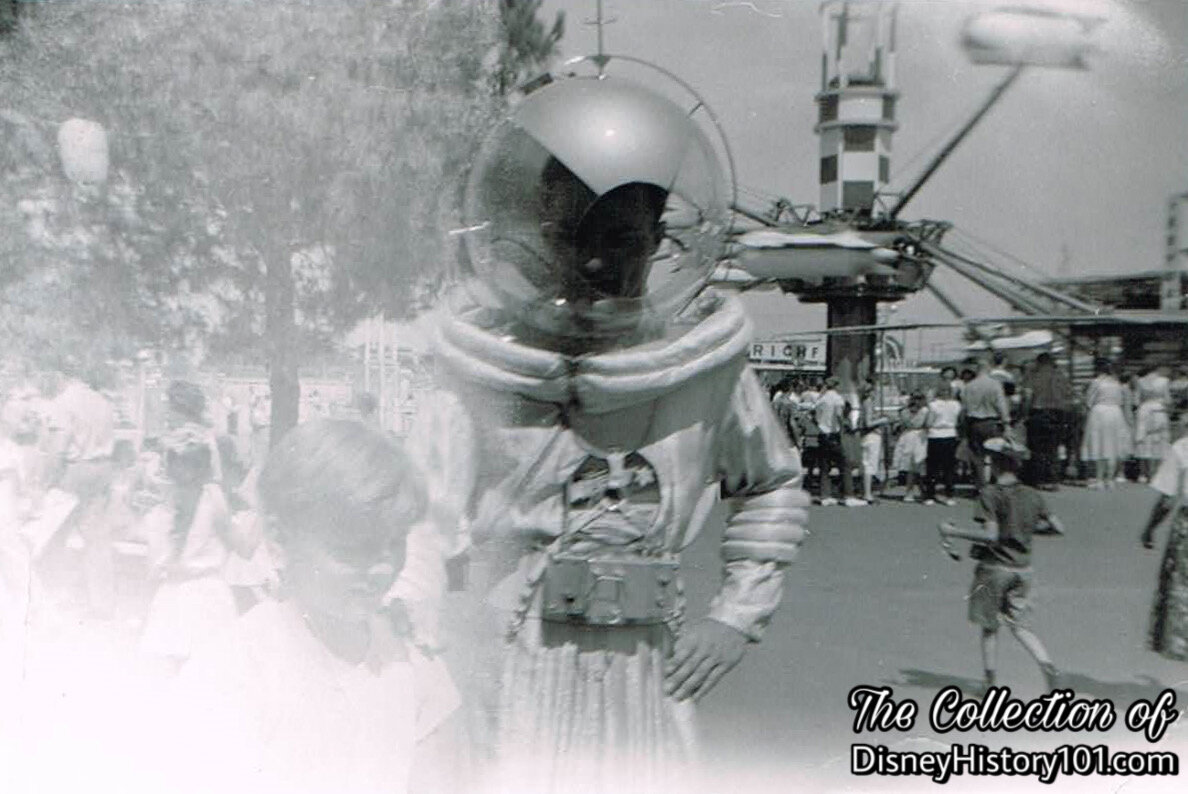
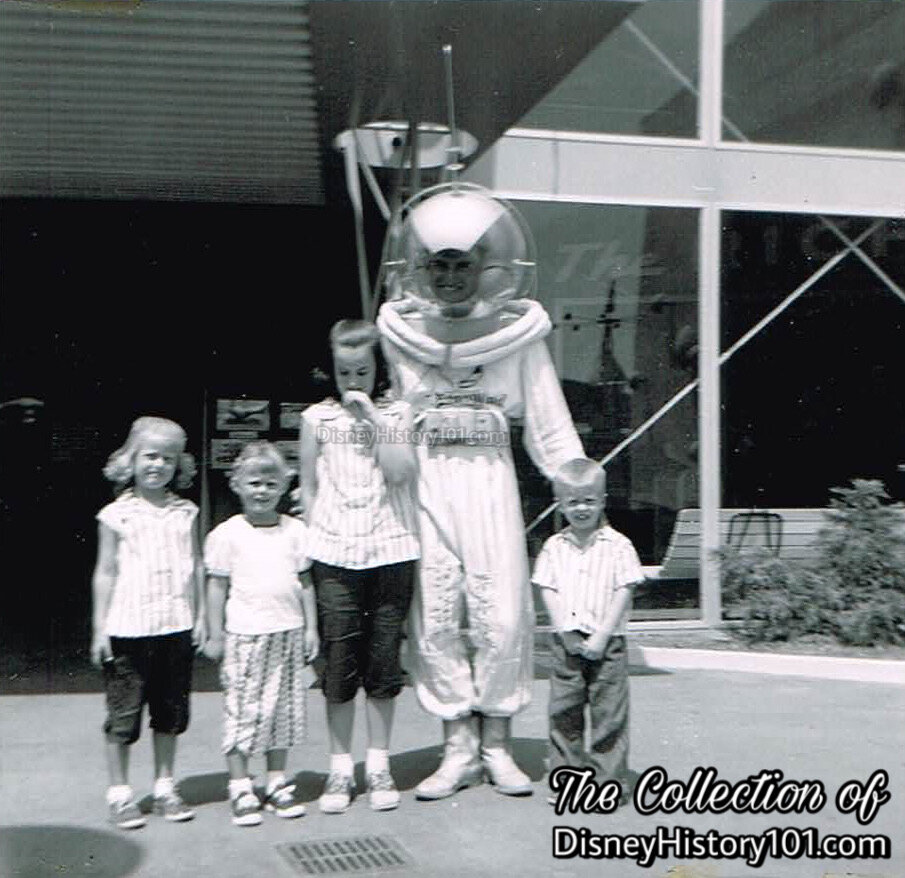
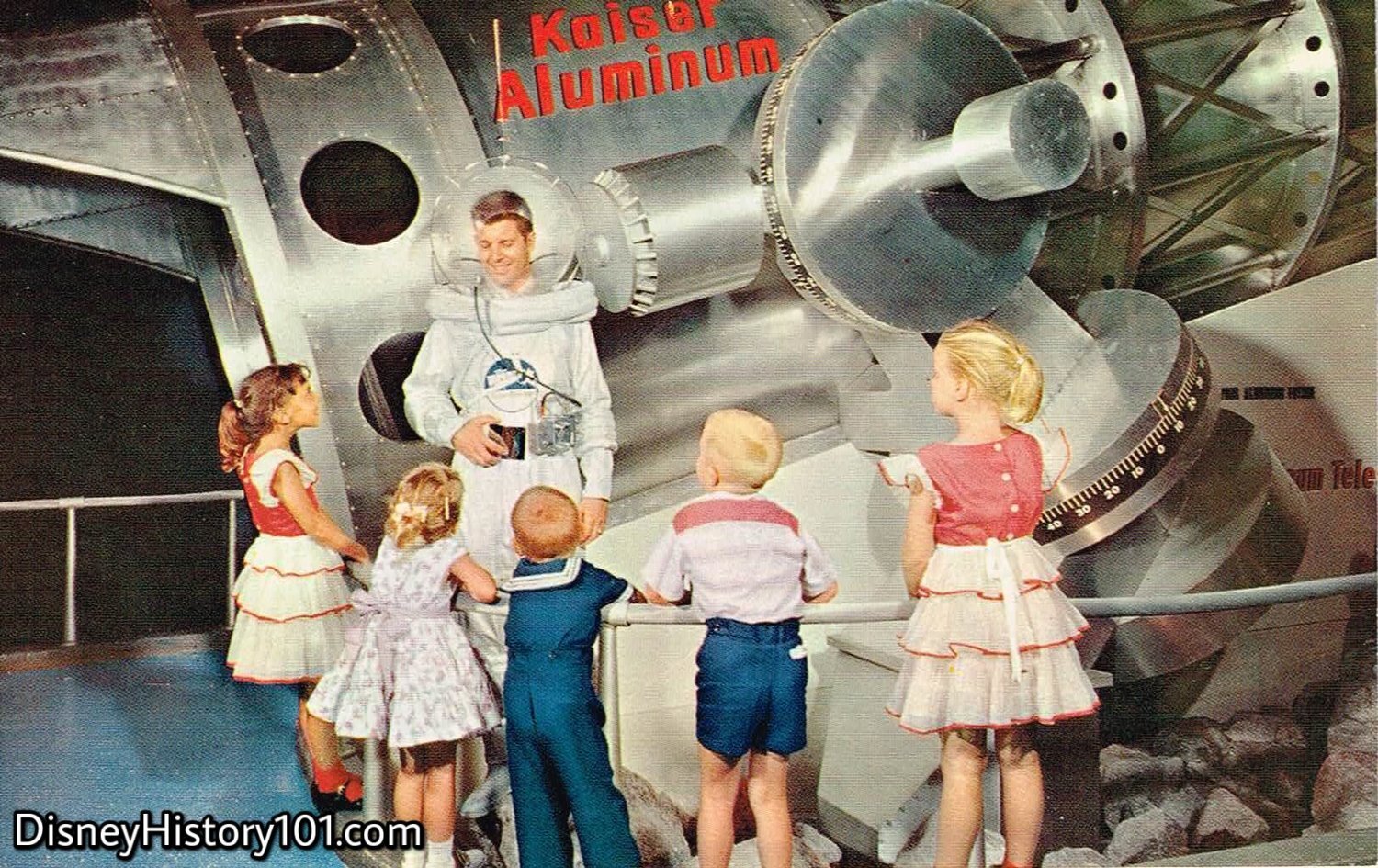
“That Kaiser Aluminum Space Suit sure looks familiar?“
That’s not a “talking knight”! The spectacular Spaceman was known to delight children and give them a glimpse of their “Kaiser Aluminum future” near the Kaiser Aluminum Telescope in Kaiser Aluminum’s World of Metals exhibit!
Working With Disney : Interviews With Animators Producers and Artists preserved the sentiments of John Catone (former Tomorrowland Spaceman) :
“I’d stay in there about twenty-five or thirty minutes, depending on the heat…That thing weighed sixty-six pounds. It was made by Kaiser Aluminum. It was a Kaiser suit. I used to average about thirteen thousand pictures a day with children and adults.”
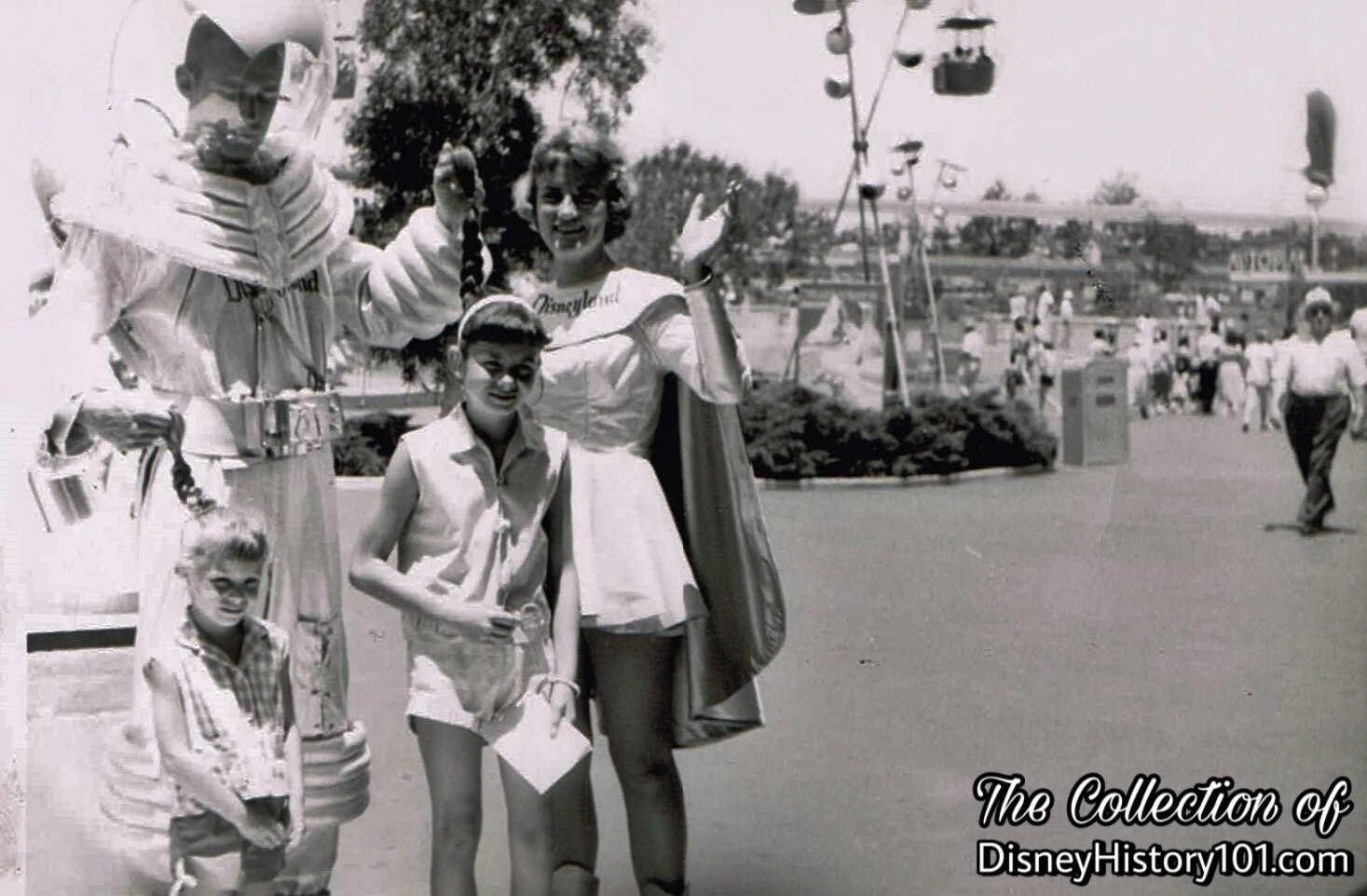
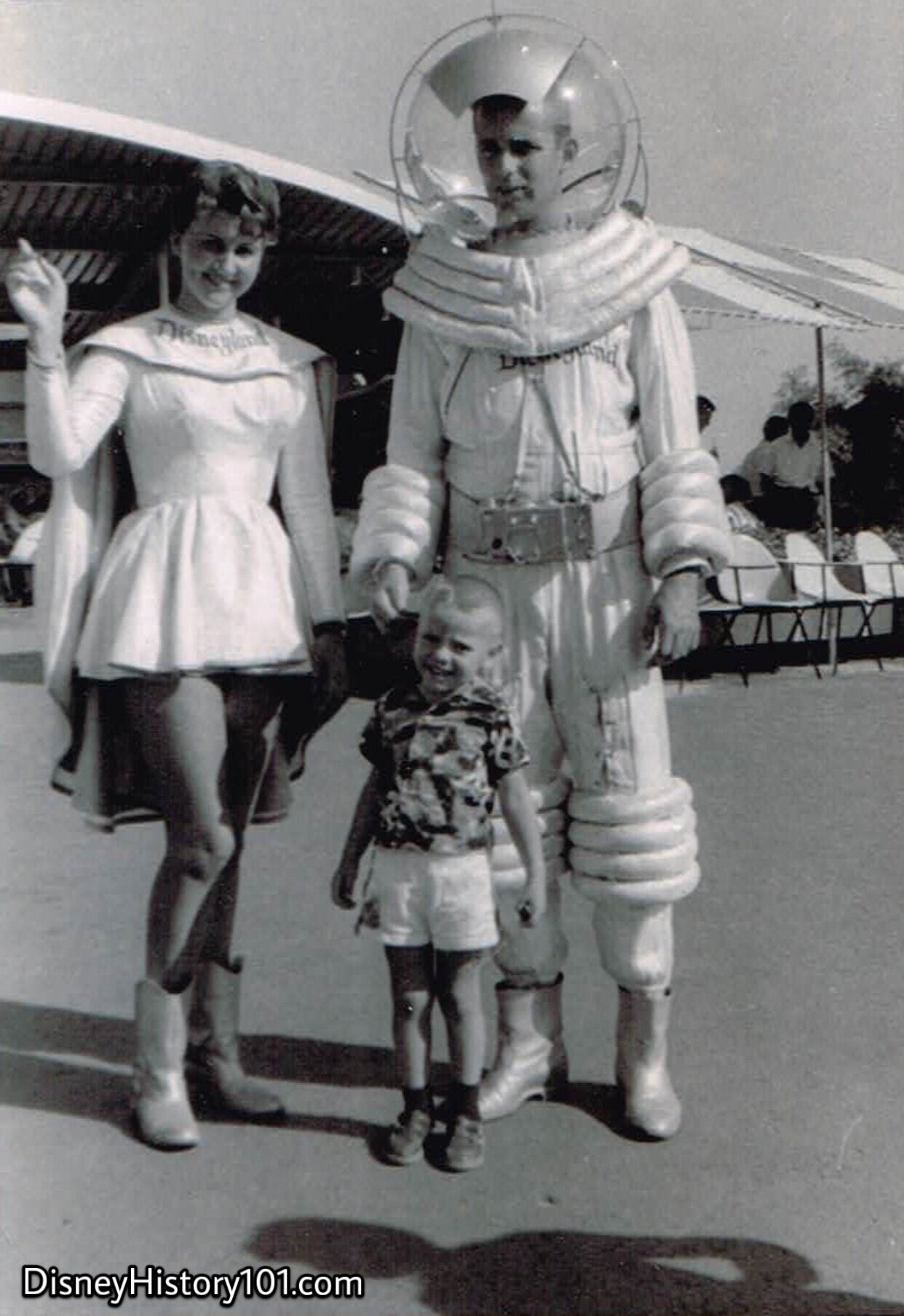
The Space Couple were also known as Space Man and Space Woman. They appeared six days a week, during the 1950s to present “celestial fashions of the future”. This version of the Space Woman (or, Spacegirl) suit (with pink-lined cape) was seen c. 1957-1959. Spaceman Bill Waltz (pictured), would shake hands with Richard Nixon upon his visit to Disneyland in 1959.
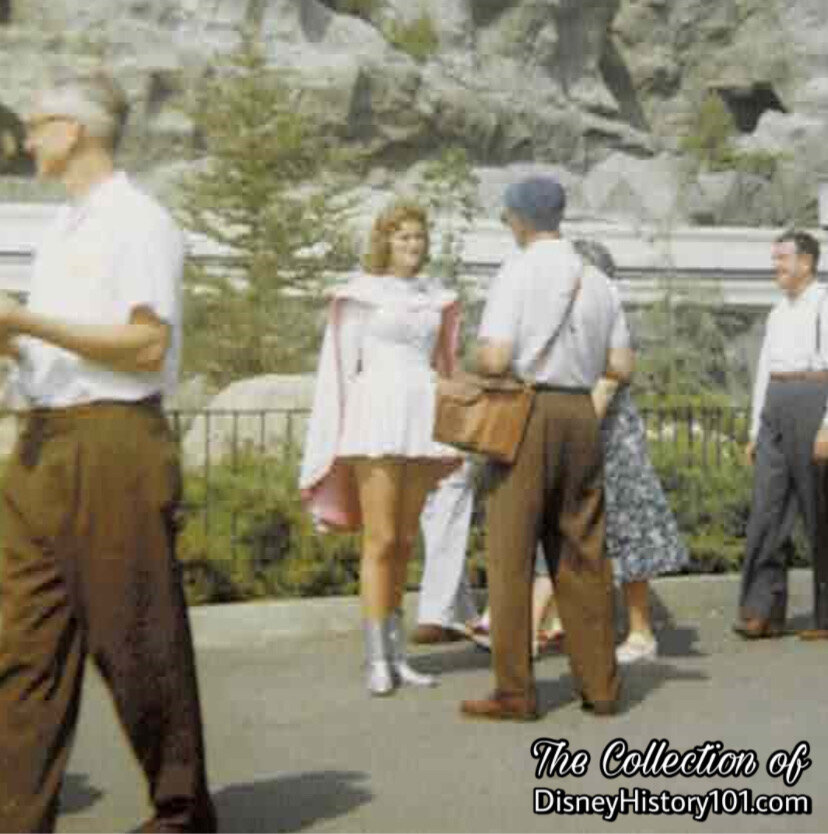
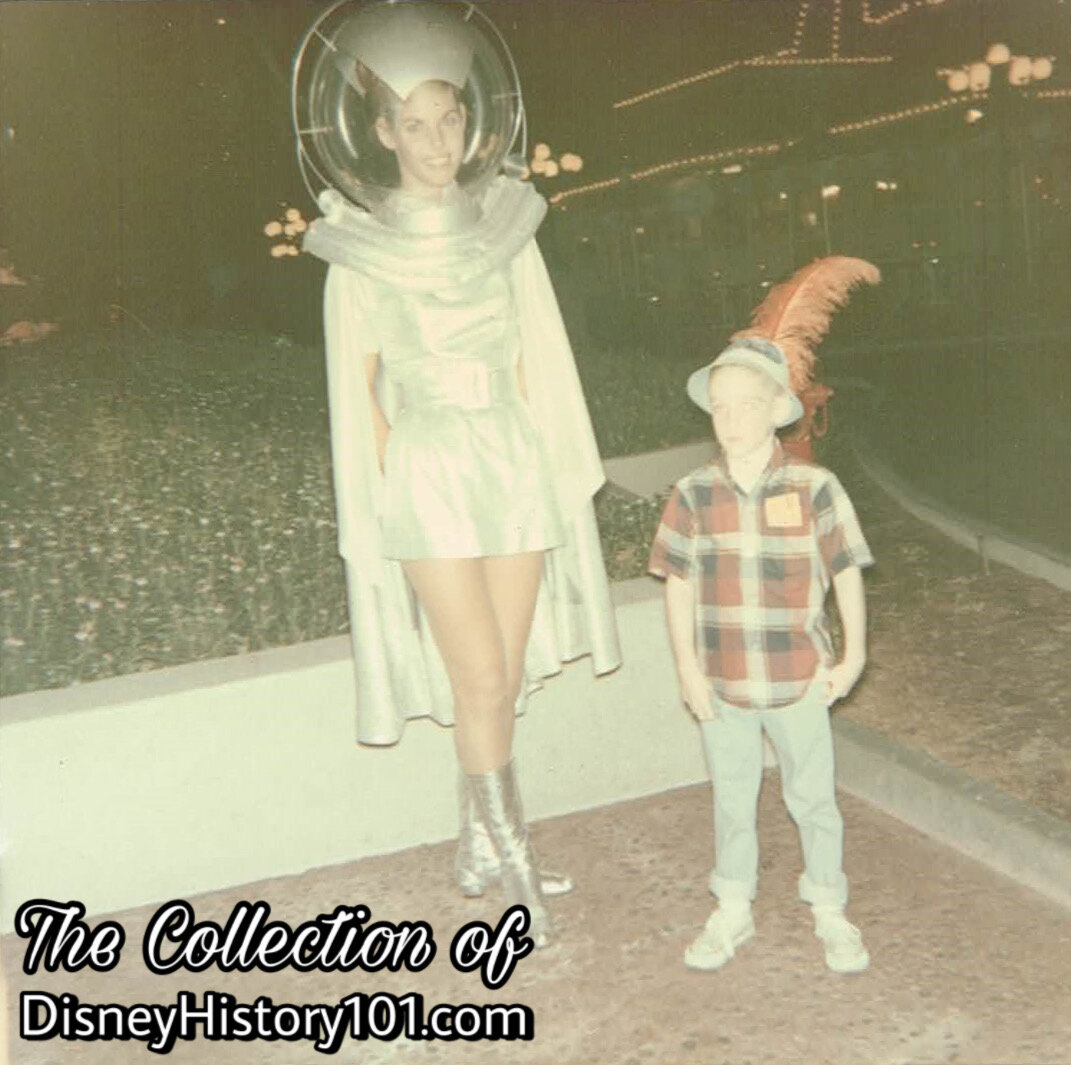
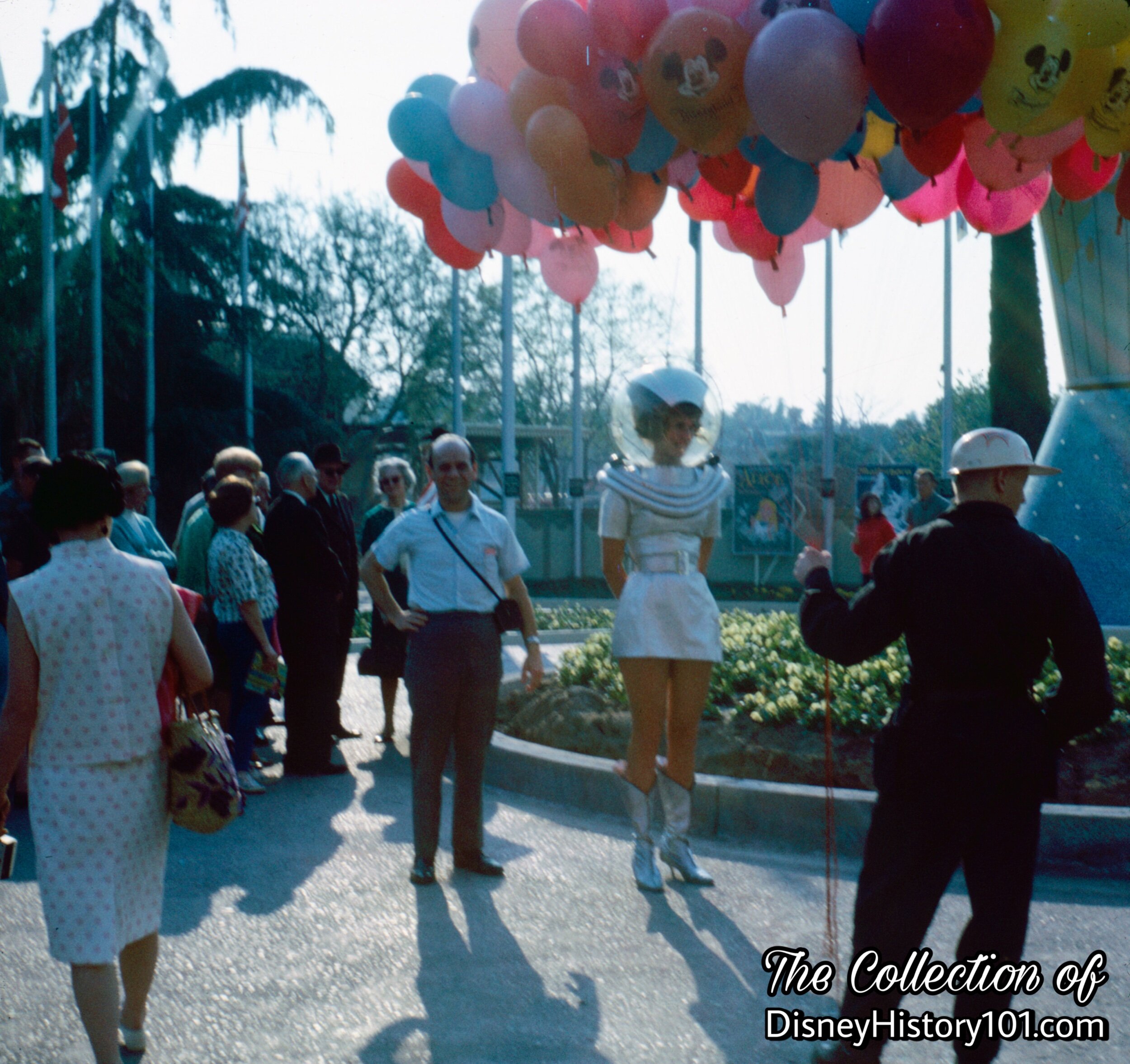
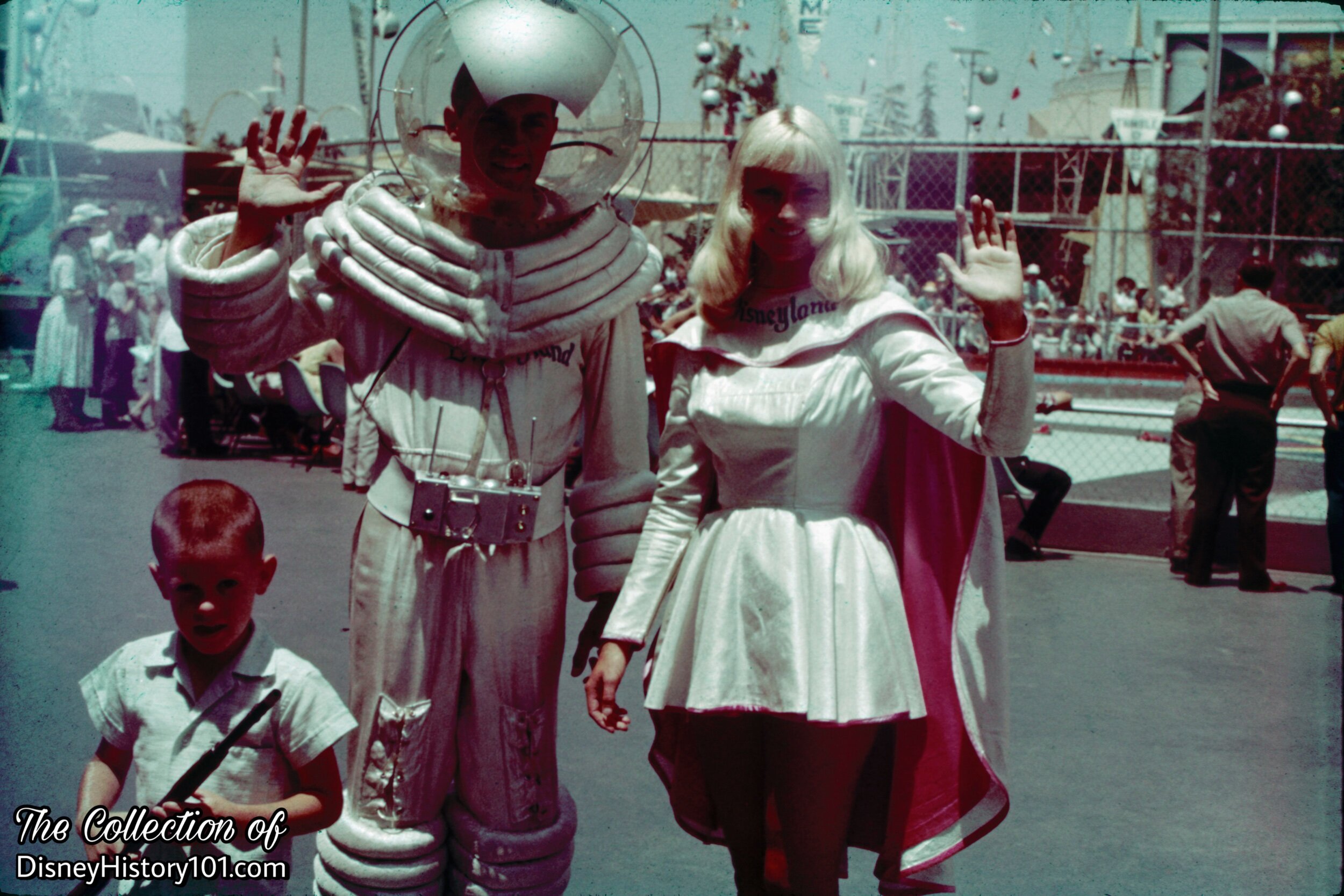
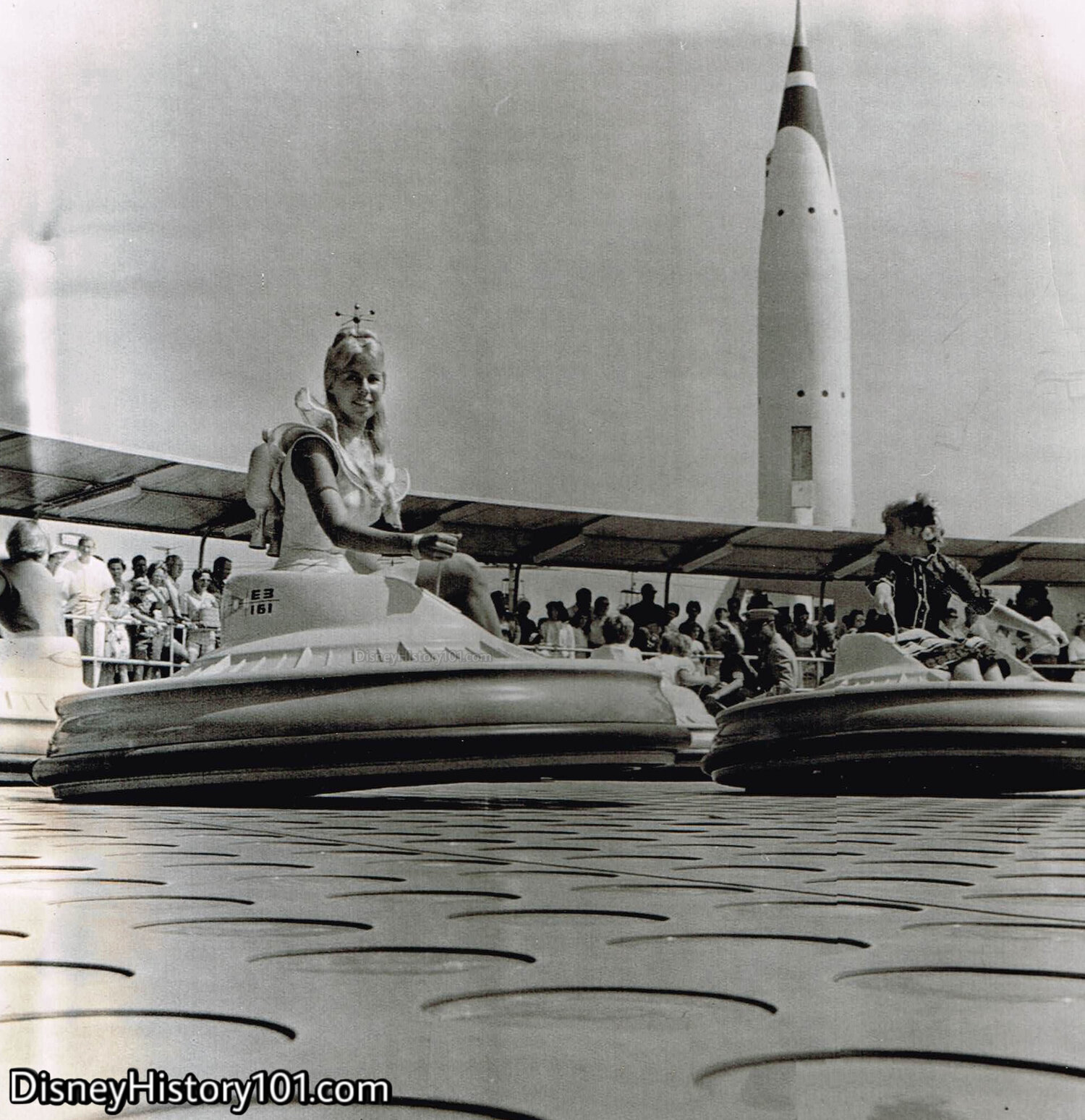
“‘Space Girl’ Donna Fox (left foreground) takes to the air in Disneyland’s newest - Flying Saucers. The single passenger ride is motivated by air blasts coming from the many circles on the floor. Passengers weight directs craft in the direction of lean combined with control handles which cause spin. The Disneyland Space Station had its opening 8/14.”
Donna Fox was also known to portray Disneyland’s Alice (of Walt Disney’s Alice in Wonderland).
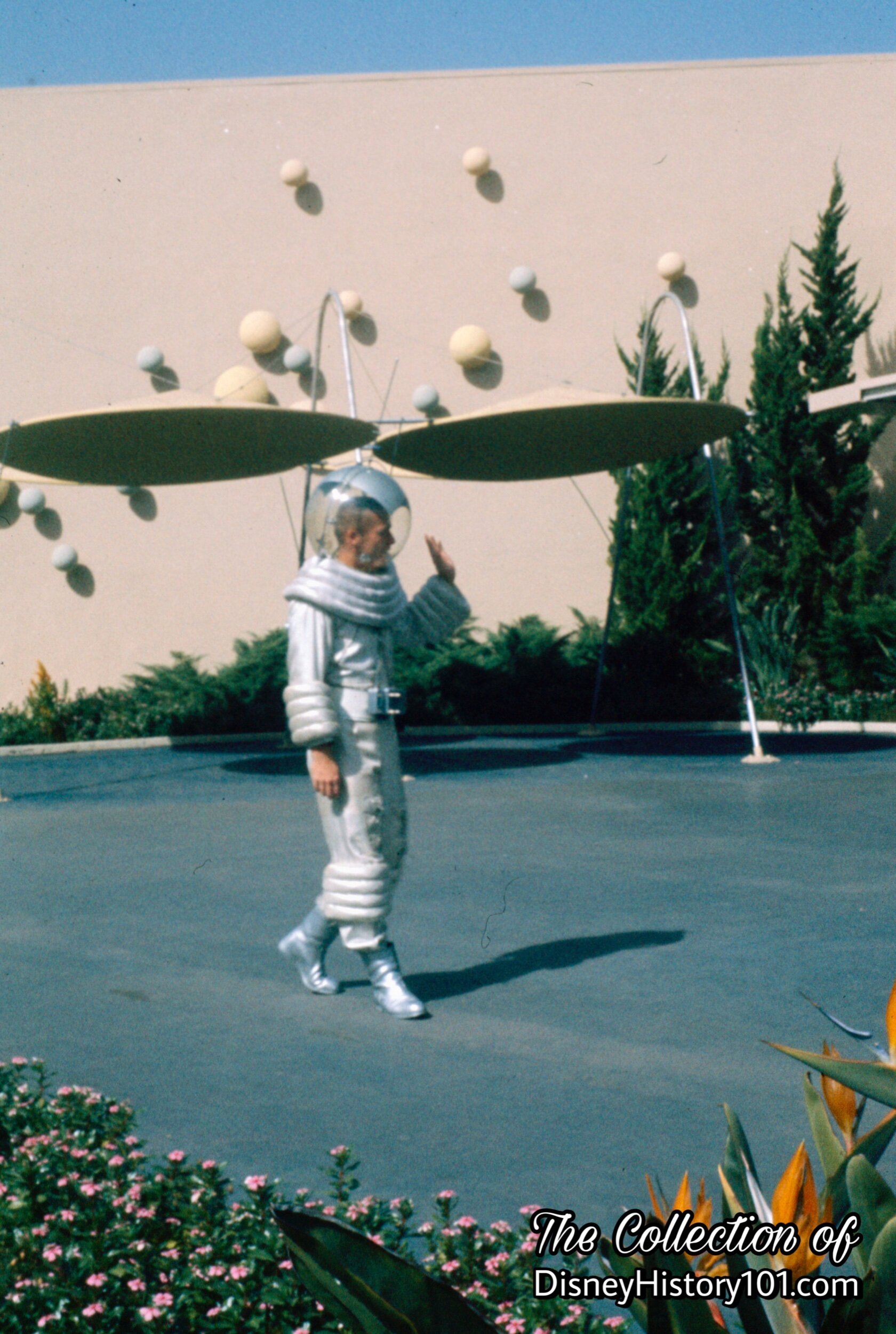

This new Spacegirl suit first appeared on the scene during 1960, featuring a flared collar and a small “D” on the front of the suit!
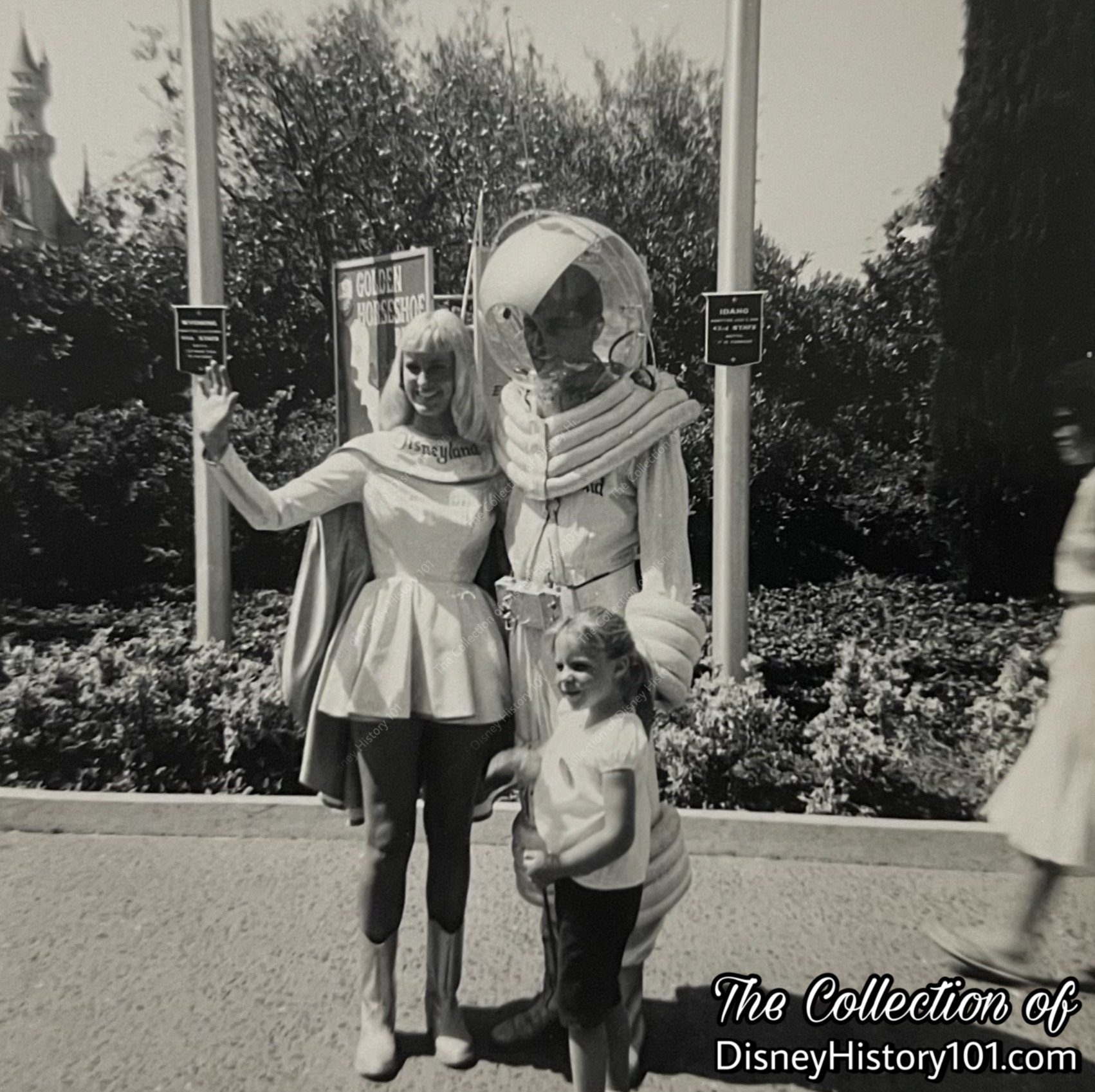
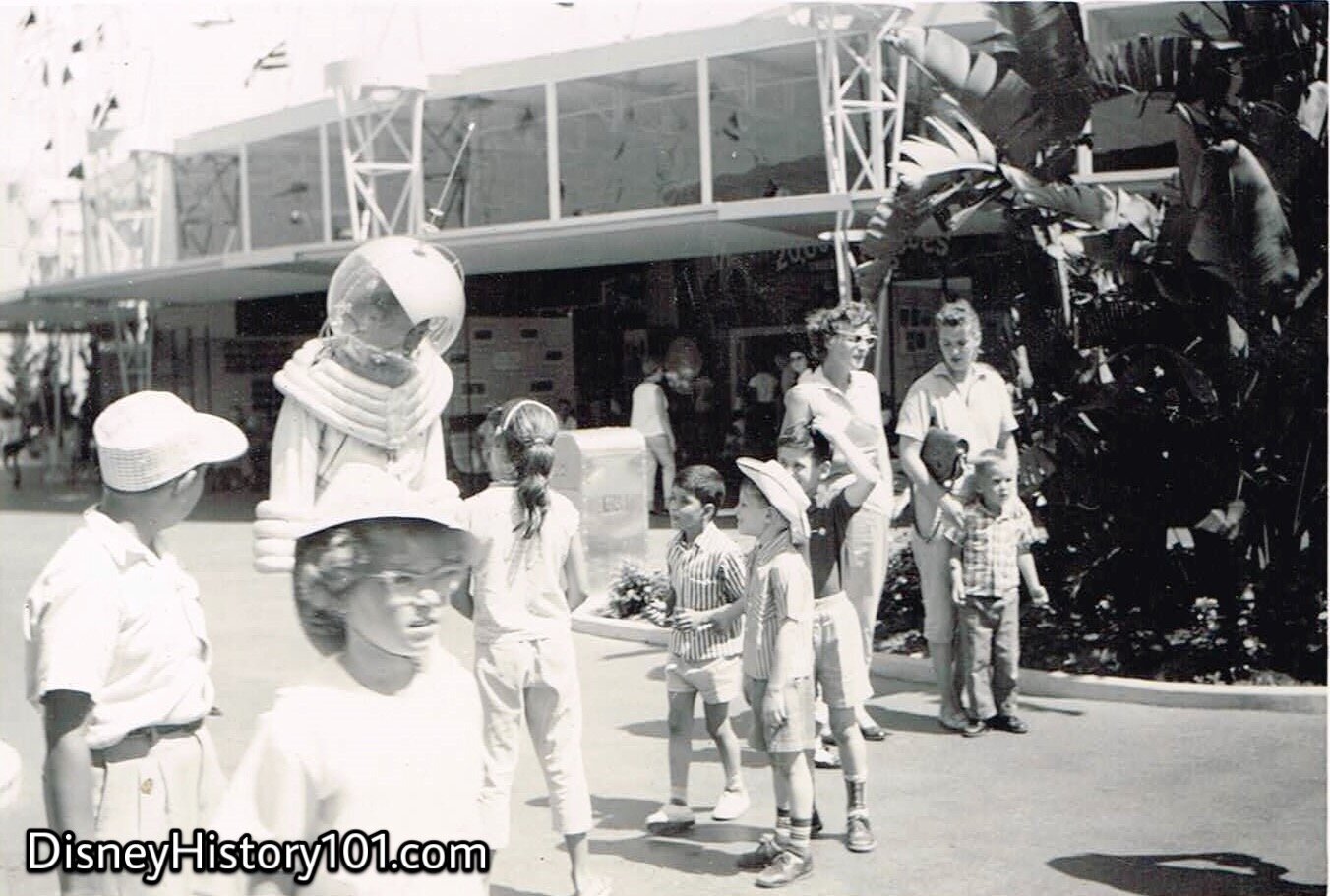
The Spaceman could also be found near the 20,000 Leagues Under the Sea exhibit hall.

Tomorrowland Spaceman John Glenn in the spacesuit!
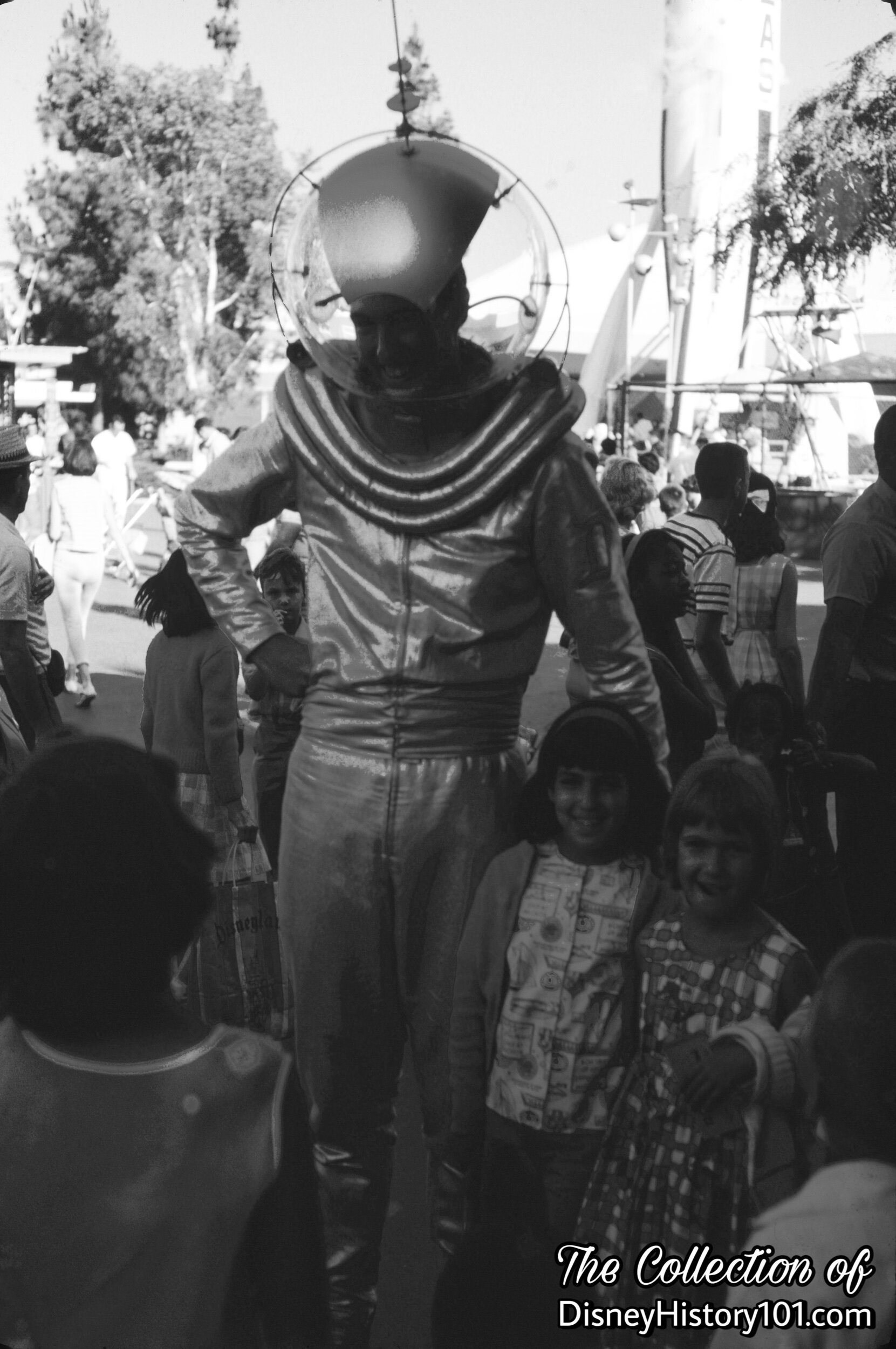
The towering 6’ 9” Tomorrowland Spaceman John Glenn takes time with younger terrestrials! Where costumed characters were usually paid $1.85 - 2.00 an hour, John Glenn was paid $2.25 per hour, due to his height!
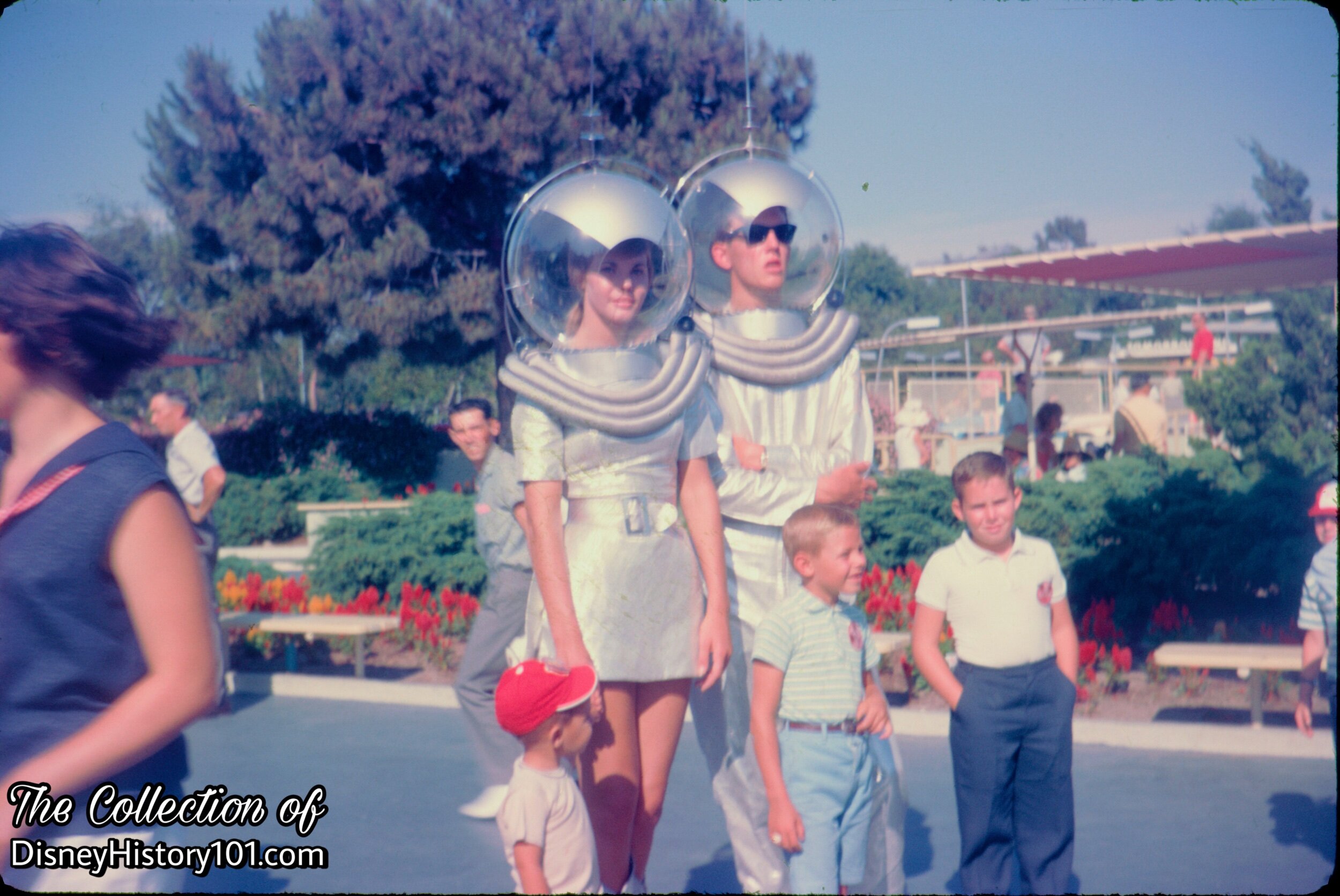
We’ve seen this Spaceman in other c. 1961 photographs.
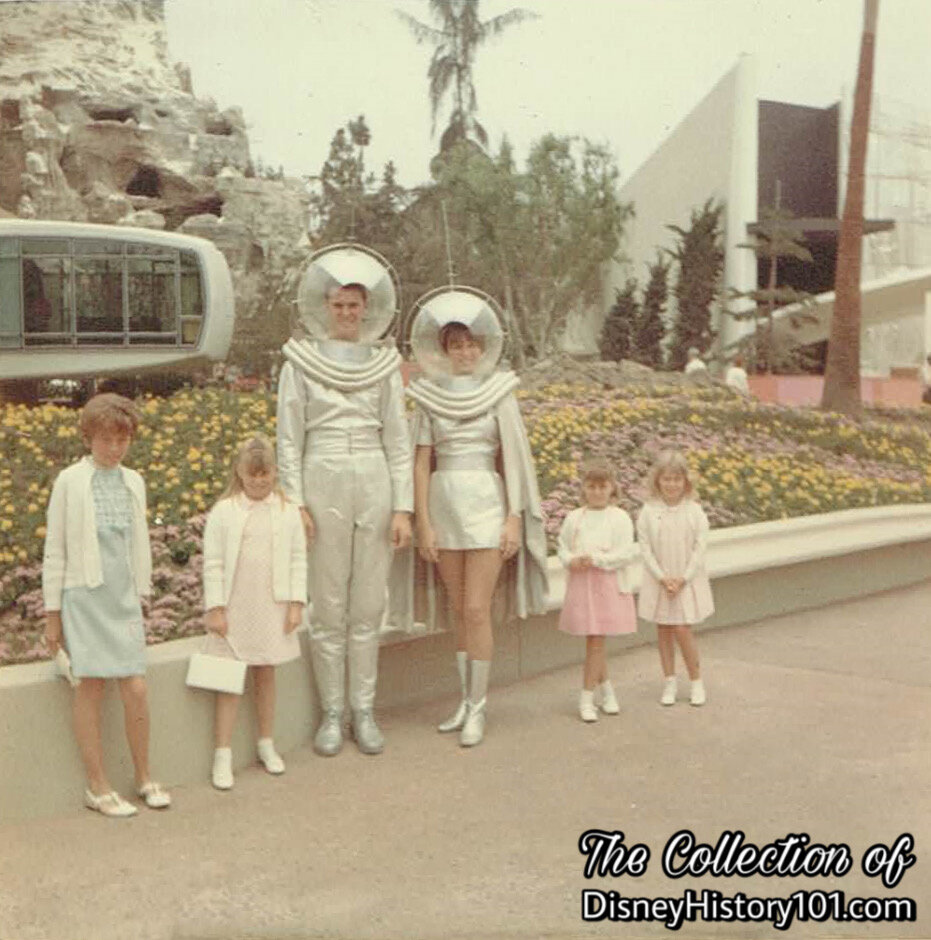
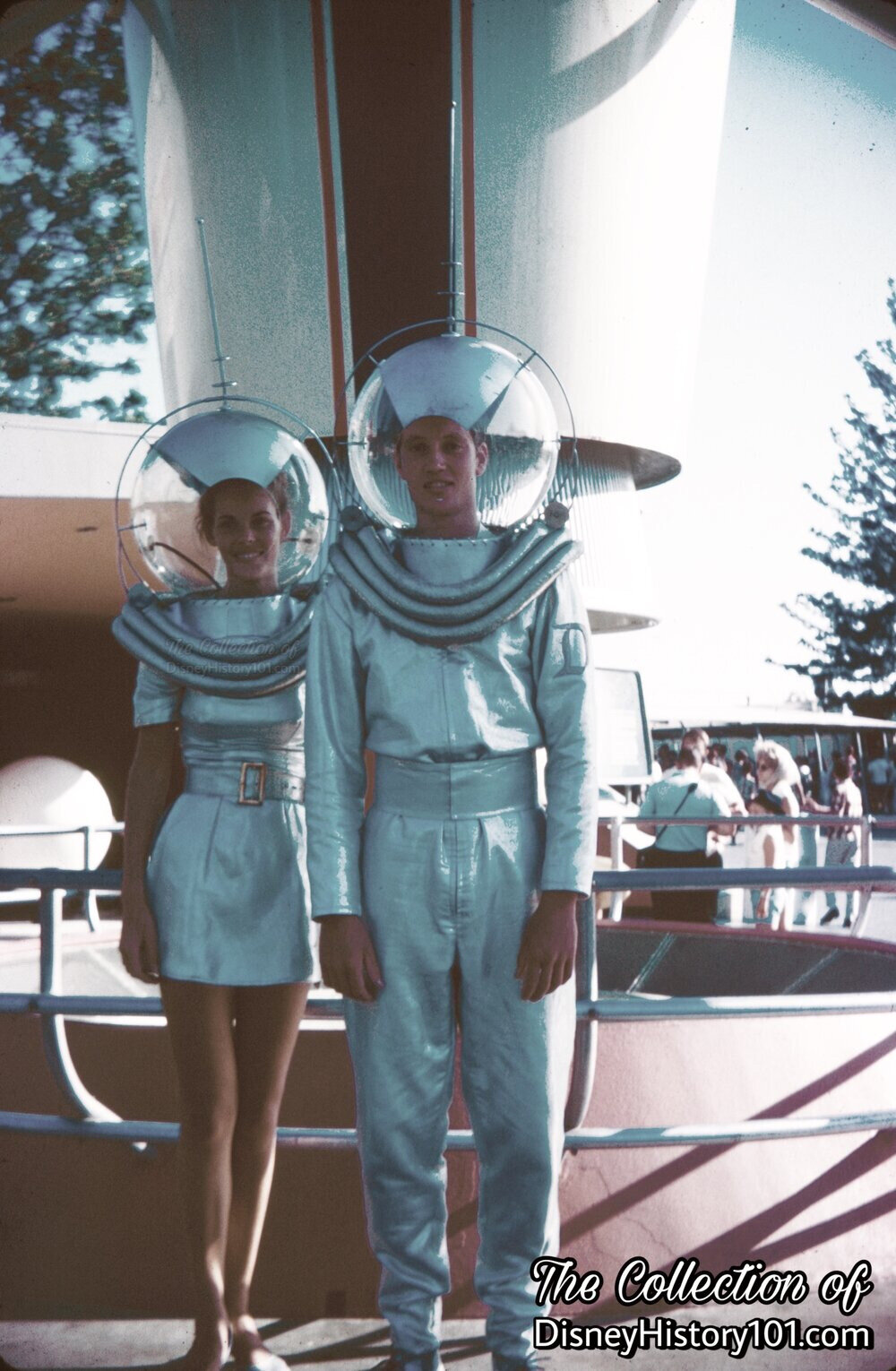
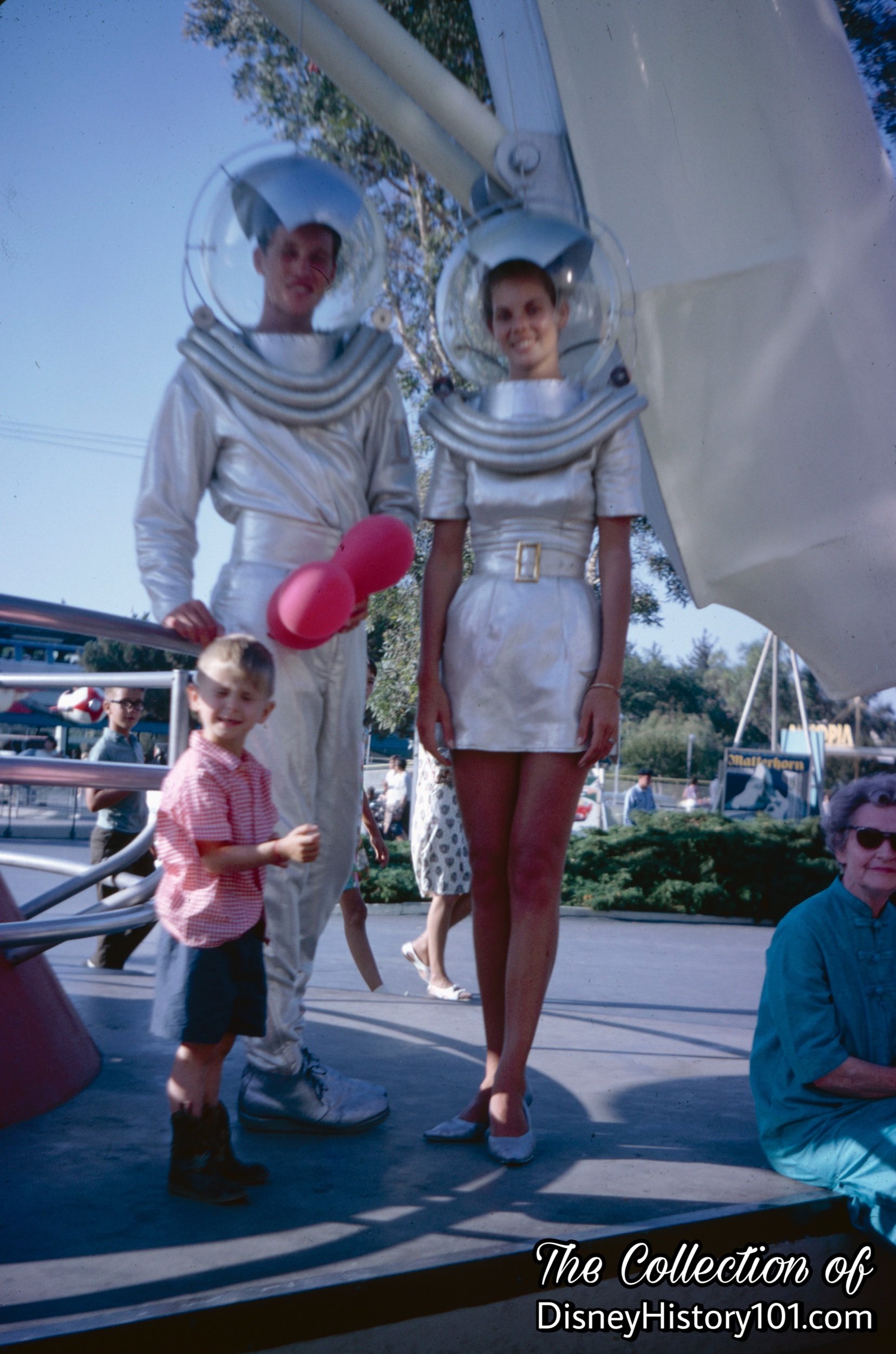
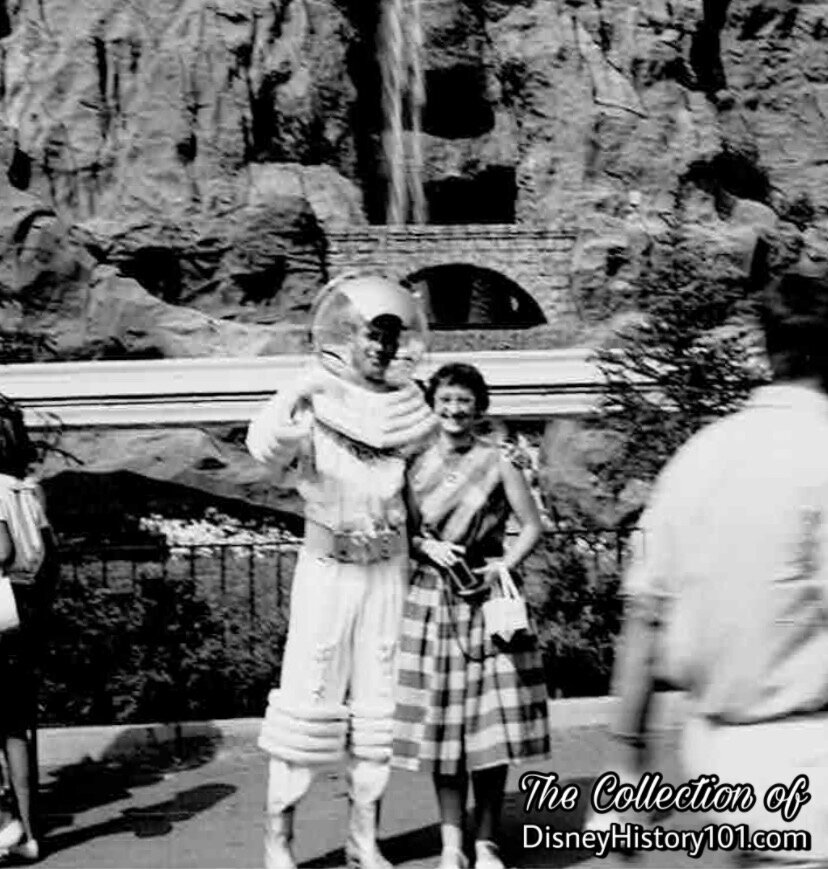
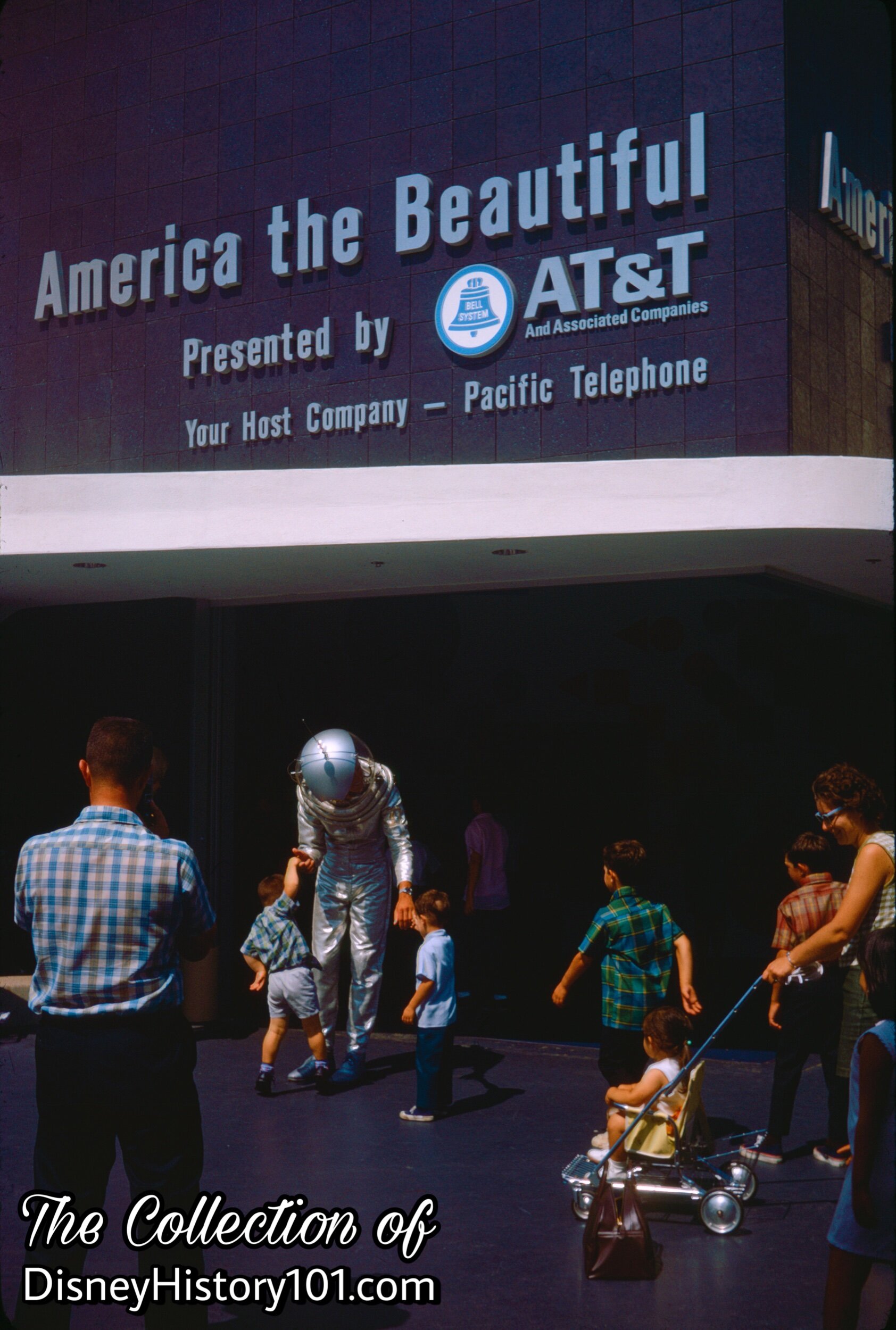
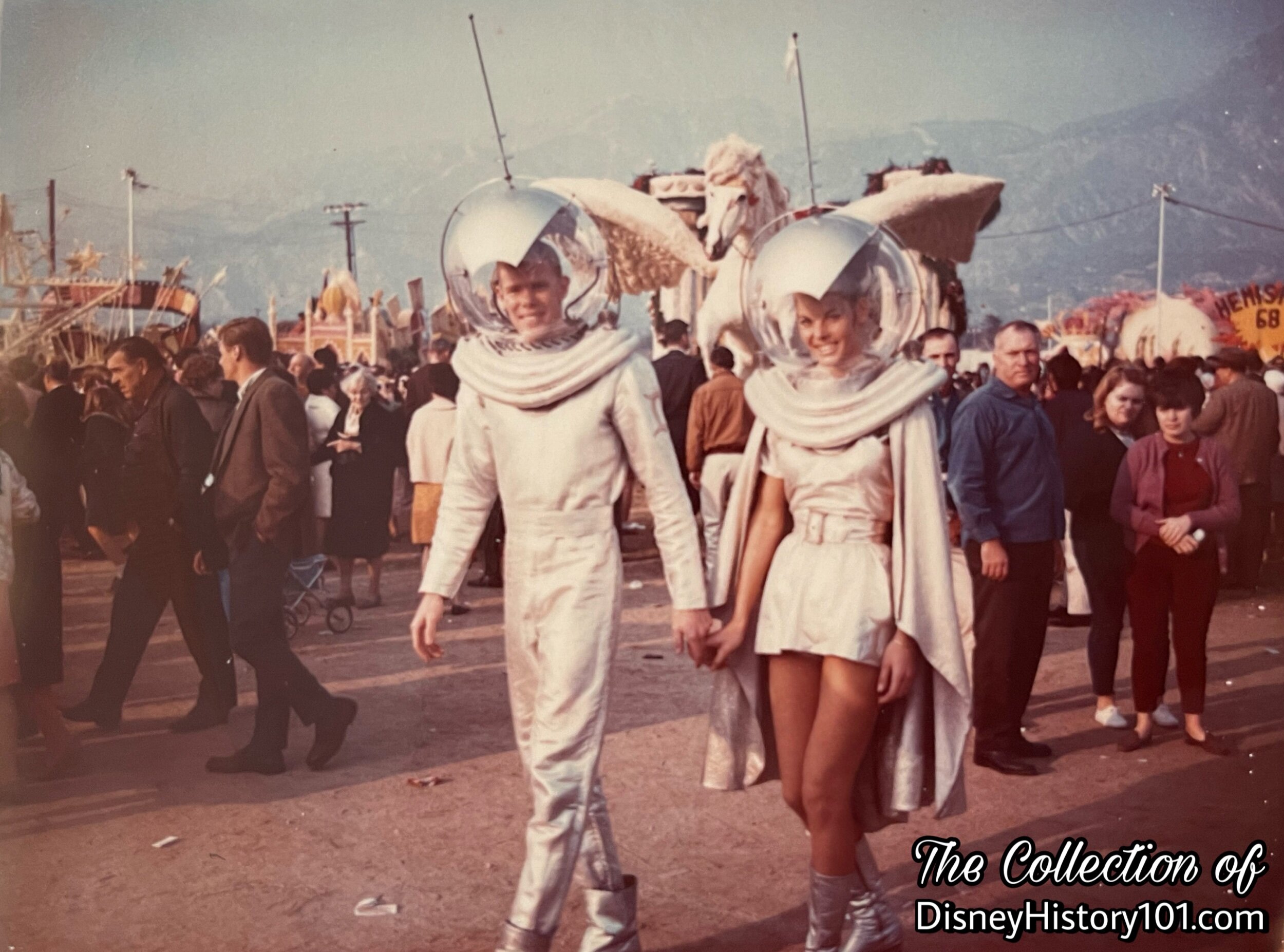
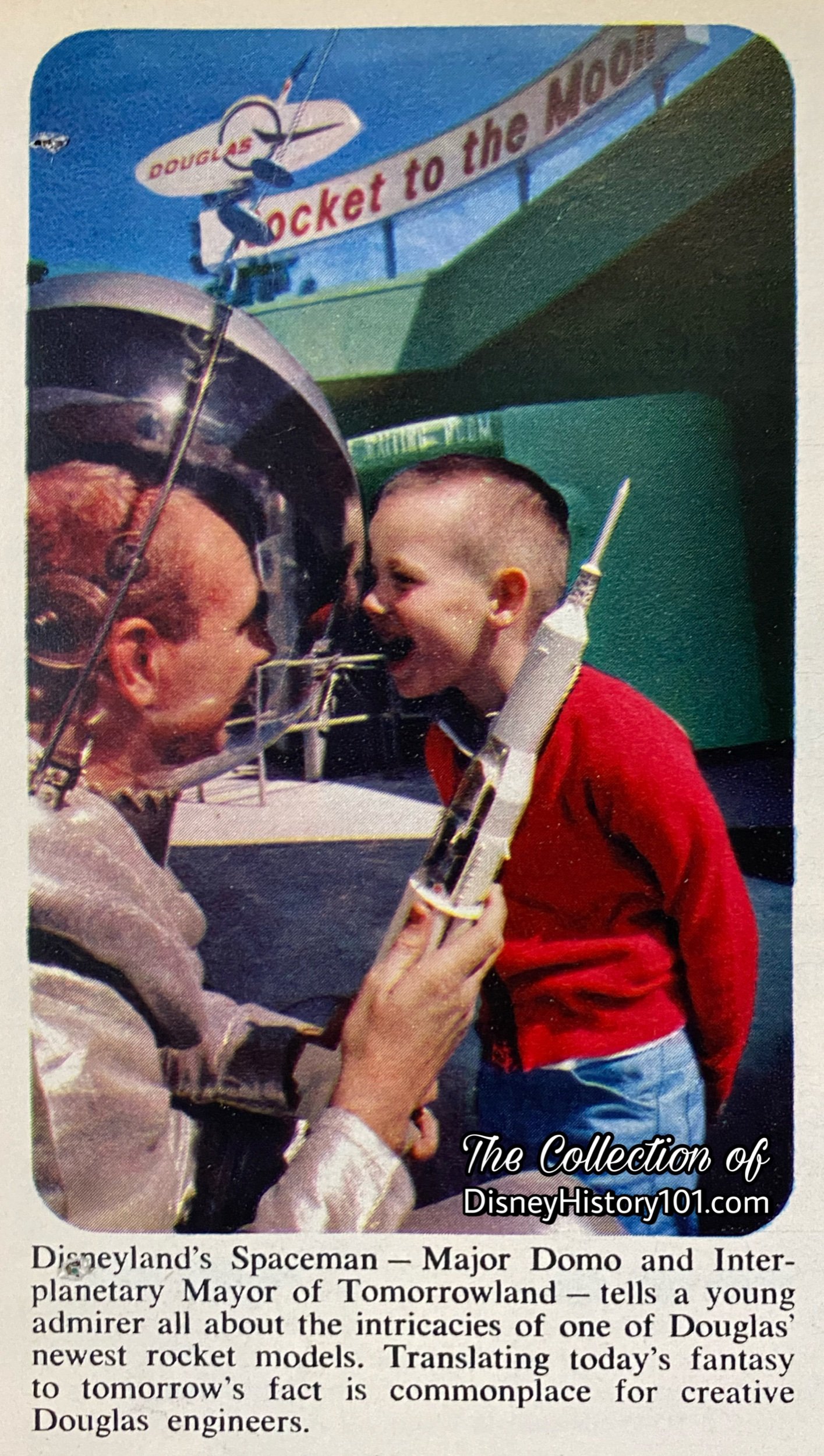

•Ursula - When she isn’t disguising herself as Vanessa.


• Walrus - During the winter season of December 19, 1970 through January 3, 1971, he appeared at locations near Small World.
• Wendy - Wendy Moira Angela Darling
•(Mr.) White Rabbit Esquire (Alice in Wonderland) - The White Rabbit (voiced by Bill Thompson) first led Alice down the Rabbit Hole, in the 1951 Walt Disney’s animated feature-length film, released July 28, 1951.
Since then, the White Rabbit (the Queen of Heart’s Squire) was typically seen around Fantasyland, and during the Spring season was often found alongside Mrs. Rabbit. During the mid-1960s, John Matthews was “close to” White Rabbit.
The White Rabbit was part of the Pre-game “Walt Disney and Disneyland Salute to the California Angels” at the new Angels Stadium on Saturday, April 23rd, 1966!
The White Rabbit and Mad Hatter made regular appearances at the Forecourt Fantasyland Theater, greeting guests as part of the Character Program, “throughout the Christmas Holidays” (daily between parades, from 9:00am to 11:45am). [“Disneyland Holiday Talent Master Schedule,” prepared for the period of December 16, 1967 through January 1, 1968]. It wasn't until the late 1970’s (or early 1980’s) that the White Rabbit acquired a clock around his neck, which never reveals the correct time of day.
When he isn’t late for an important date with the Queen of Hearts, the White Rabbit is meeting and greeting Guests.
•Widow Tweed (The Fox and the Hound)
•Winnie the Pooh - “Winnie the Pooh and the Honey Tree” was an animated featurette - the last short film that Walt saw to completion before his passing. It was released to American audiences along with The Ugly Dachshund (February 4, 1966), winning an Academy Award for Best Animated Shirt film. The Winnie the Pooh characters are based on the "Winnie the Pooh" works by A.A. Milne and E.H. Shepard.
In an advance promotional “cross pollination” between Walt Disney Studios and Disneyland, the stuffed Winnie the Pooh, the residents of The Hundred Acre Wood (Eeyore, Kanga and little Roo, Rabbit, Owl), and even an anthropomorphic form of Winnie the Pooh’s Favorite Honey Tree character (with bees) soon made their Disneyland debut. Discussions were held, and a “Winnie the Pooh Presentation” was held for the Disneyland Production Staff on September 1st, 1965. Then, the Characters were created (the Winnie the Pooh and Honey Tree Characters appearing in the “Walt Disney Productions” Shareholders Report of 1965, page 10.
Soon, the Characters appeared in the very first Fantasy on Parade (held at Disneyland, during December of 1965). As a “sidelight”, I would like to mention that Rabbit carried Piglet (wearing a blue sweater) down the Fantasy on Parade route, though the character of Piglet would not appear in the featurette film. This parade (and their appearance) is briefly preserved in the Walt Disney’s Wonderful World of Color episode “Disneyland Around Seasons” (which first aired a year later, December 18th, 1966).
Next the Cast of Characters appeared with Grand Marshall Walt Disney in the Tournament of Roses Parade, after which Winnie the Pooh and his Hundred Acre friends went on a 21 city tour of the United States beginning in January of 1966. Departing in the Company turbo-jet, Eyesore, Rabbit (carrying Piglet), Owl, Kanga & little Roo, and Winnie the Pooh would appear on live television programs, fashion shows, at department stores like Sears and Roebuck and other promotional events.
During the summer of 1967, it was decided to approve and begin work on a sequel to the animated featurette “Winnie the Pooh and the Honey Tree.” As a “sidelight” I must mention that Walt previously (during 1966) had a hand in a few meetings regarding “Winnie the Pooh and the Blustery Day.” During at least one of these sessions, Walt had suggested Wally Boag (of Slue Foot Sue’s Golden Horseshoe fame) for the role of Tigger. However, after Walt’s death, Wally’s voice was found to be “to zany for a children’s film” and he was replaced with ventriloquist Paul Winchell. Walt would not live to see the film’s release in the United States, as a supplementary featurette alongside “The Horse In The Gray Flannel Suit” two years later, on December 20, 1968. Walt did not live to see Winnie the Pooh and the Blustery Day win an Academy Award for Best Cartoon Short Subject in 1969.
Still, in preparation for the film’s release, Los Angeles Mayor Sam Yorty declared October 25, 1968 to be “Winnie the Pooh Day”! In addition, another “cross pollination” of promotion between Walt Disney Studios and Disneyland was scheduled. Winnie the Pooh and several of his Hundred Acre neighbors made appearances at Disneyland and 25 Sears department store locations across the United States (e.g. Sears Plaza Store, Kansas City, Missouri)! While there, Winnie the Pooh also made an appearance on ABC television (on September 5th, 1967) and NBC television (on September 6th, 1967). Winnie the Pooh was also featured in the Veiled Prophet Parade of St. Louis, Missouri, on September 13th or 14th, 1967.
Winnie the Pooh made regular appearances at the “Small World” Area, greeting guests as part of the Character Program, “throughout the Christmas Holidays” (daily between parades, from 9:00am to 11:45am). [“Disneyland Holiday Talent Master Schedule,” prepared for the period of December 16, 1967 through January 1, 1968]
Fantasy on Parade (debuting during December of 1968) introduced a “Woozil Band” alongside the cast of the Hundred Acre Wood from “Winnie the Pooh and the Blustery Day” to Disneyland guests! A small Piglet (who was added to the featurette film, late in pre-production), now sat in a wagon (as opposed to being carried by Rabbit), and he was pulled along the Fantasy on Parade route by Eeyore.
A number of individuals were “close” to Winnie the Pooh thru the years, including Paul Dawson (c.1965) and Robert Hill (c.1981).
He also made appearances around 1972, at “mix in” and “Regular Private Parties” (first five hours of party beginning 15 mins. prior to the gate opening of each party). Winnie the Pooh Days was held on April 15 and 16, 1972.
Winnie the Pooh ran for president in 1972 and again in '76, with a parade at Disneyland to promote his election. Winnie the Pooh joined the race, promising “honey in every pot,” at daily rallies held in Town Square, during Pooh for President Days.
If that wasn’t enough, Winnie the Pooh actually took the stand to defend Disneyland during a lawsuit filed in 1981.
When he doesn’t have a rummbly in his tummbly, Winnie the Pooh can be found at Disneyland.
•Witch (Snow White and the Seven Dwarfs)
•Wreck-It-Ralph - The Arcade World of Wreck-It-Ralph came to life in the Tomorrowland Starcade in 2012.
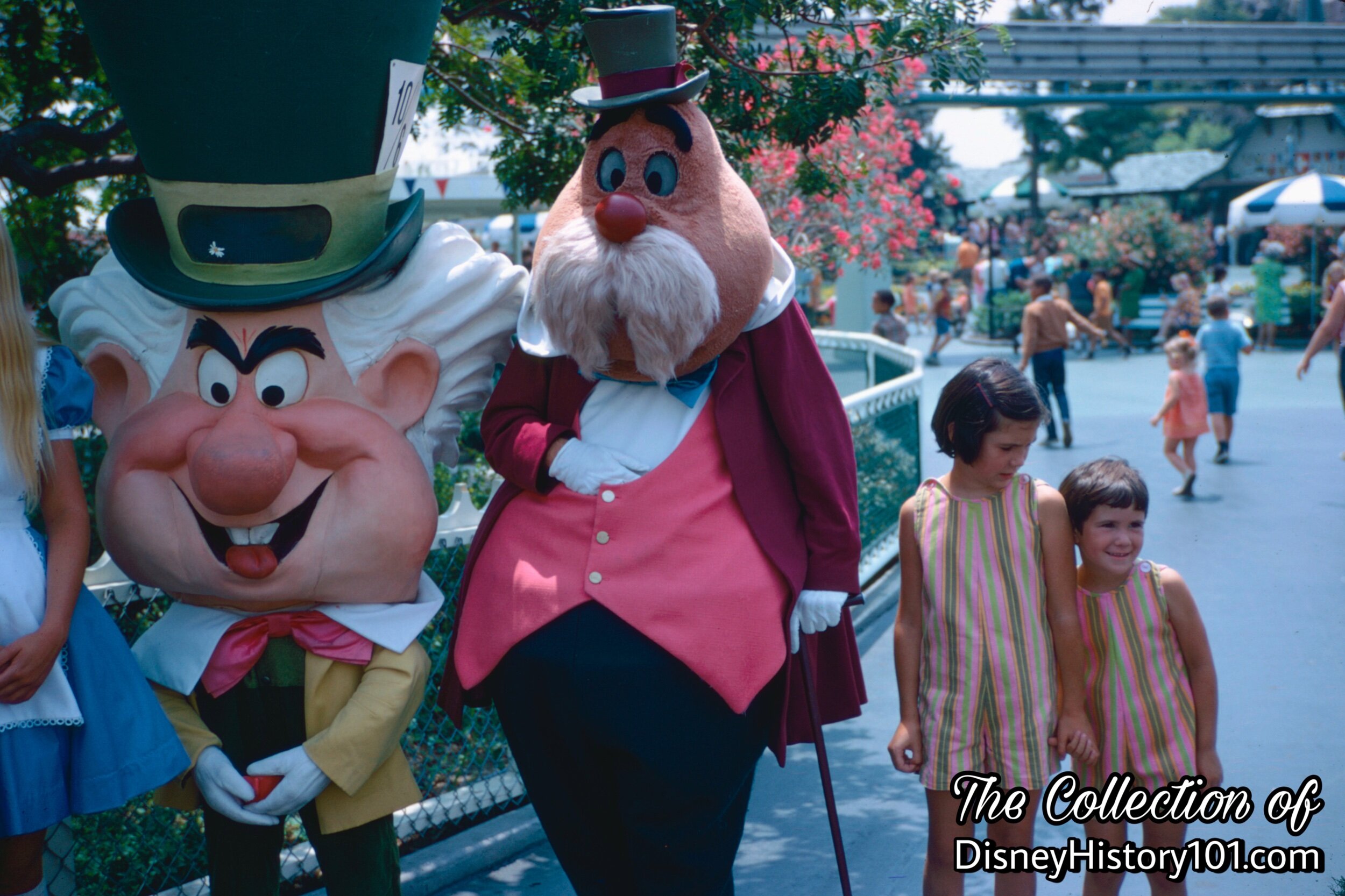
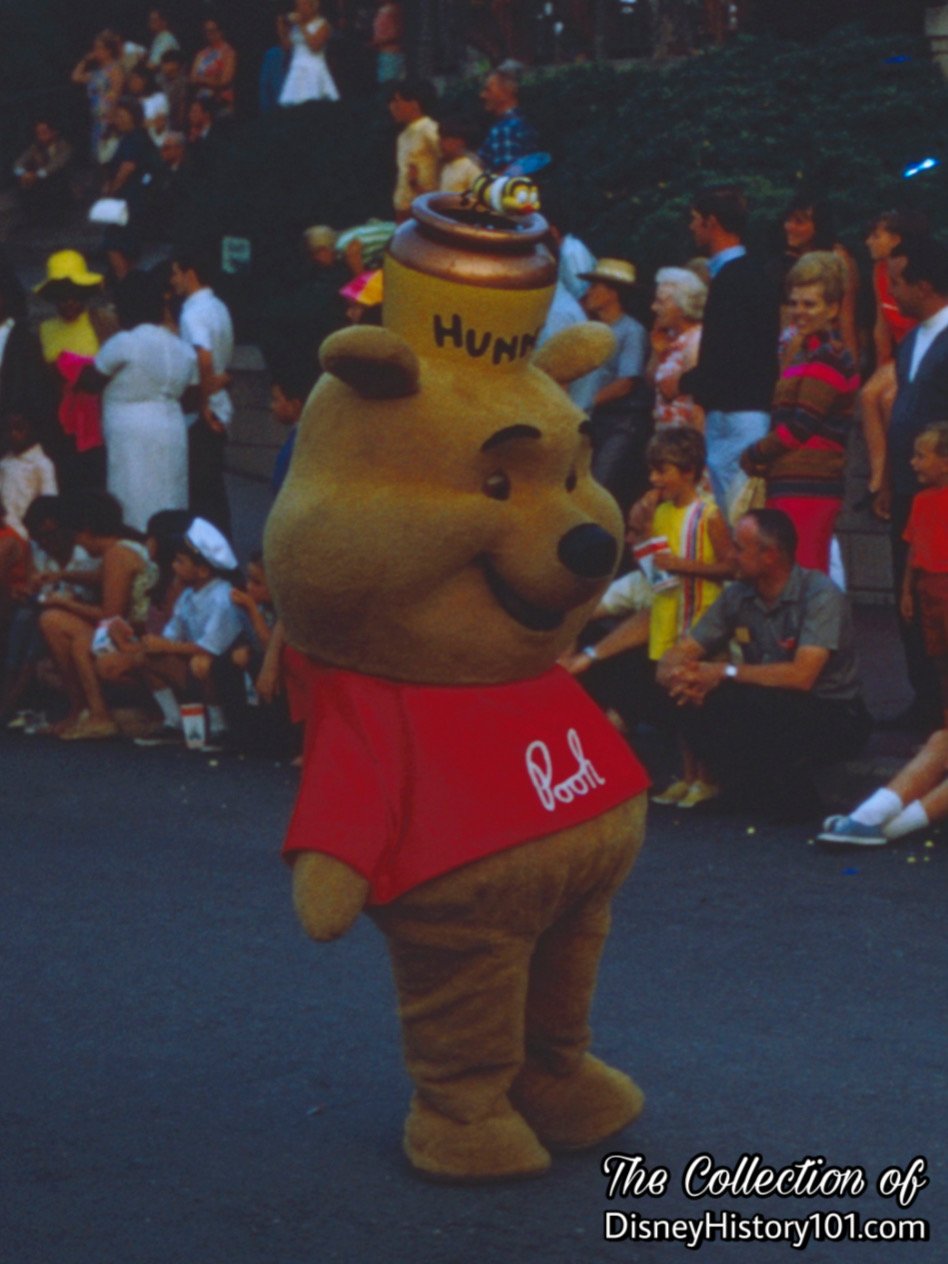
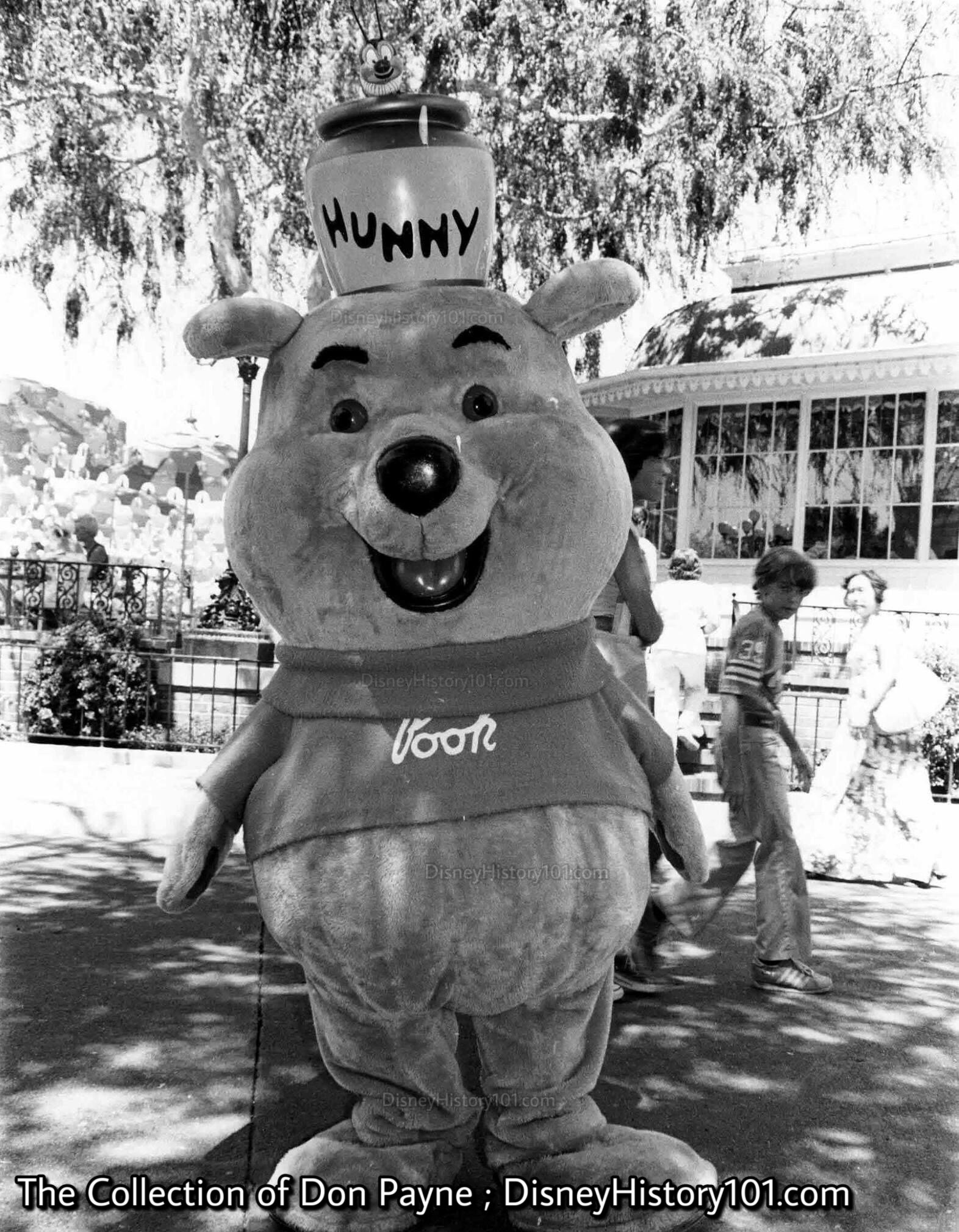
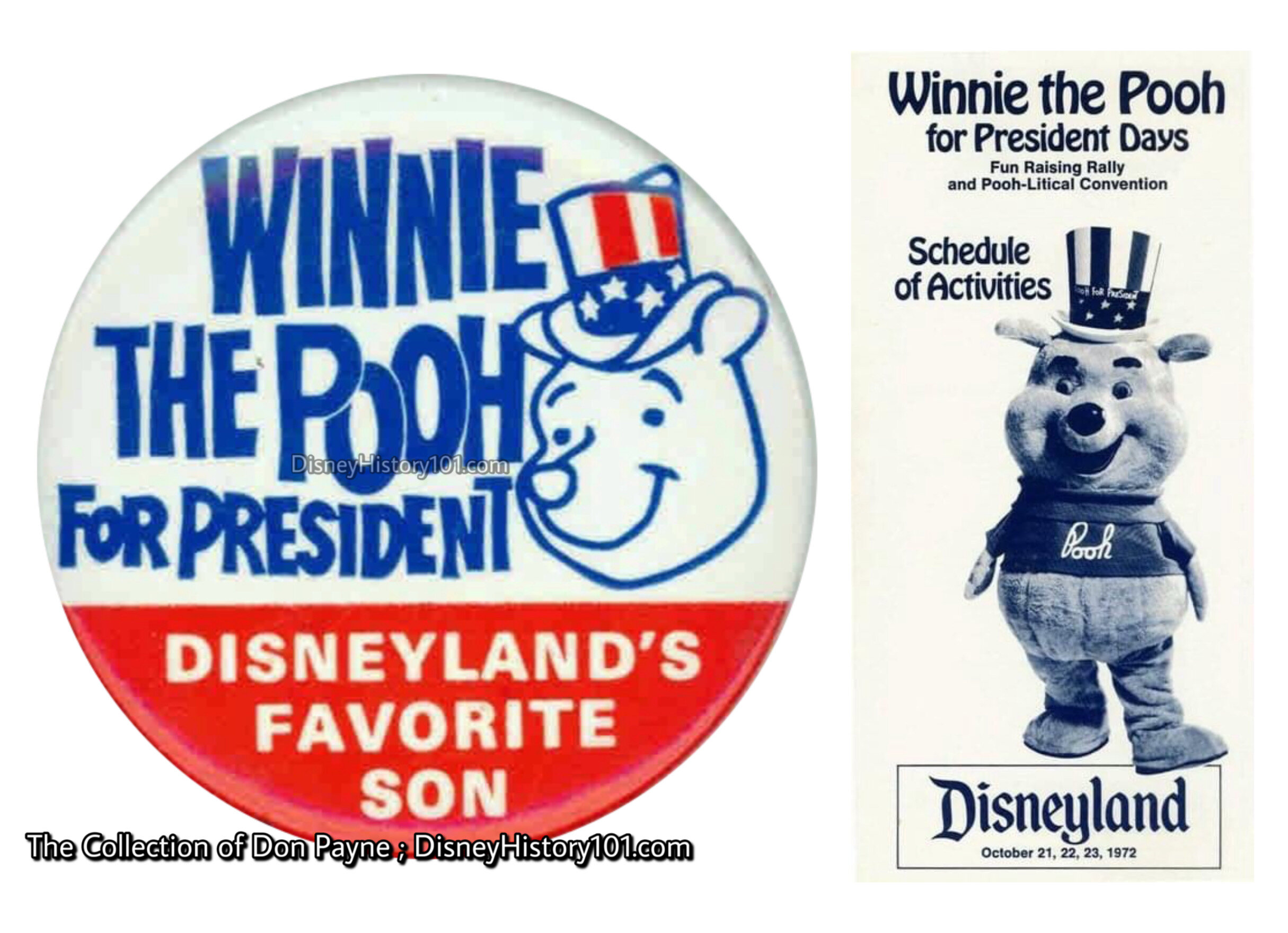
OCTOBER 1, 1972, Winnie the Pooh is nominated the Children's Party candidate! With campaign advisors Tigger and Eeyore, Pooh soon hits the campaign trail via Amtrak with stops in many major cities across the United States! Sears promotional bumper stickers commemorate the campaign slogan, "Winnie-the-Pooh : the Children's Choice for PRESIDENT"!
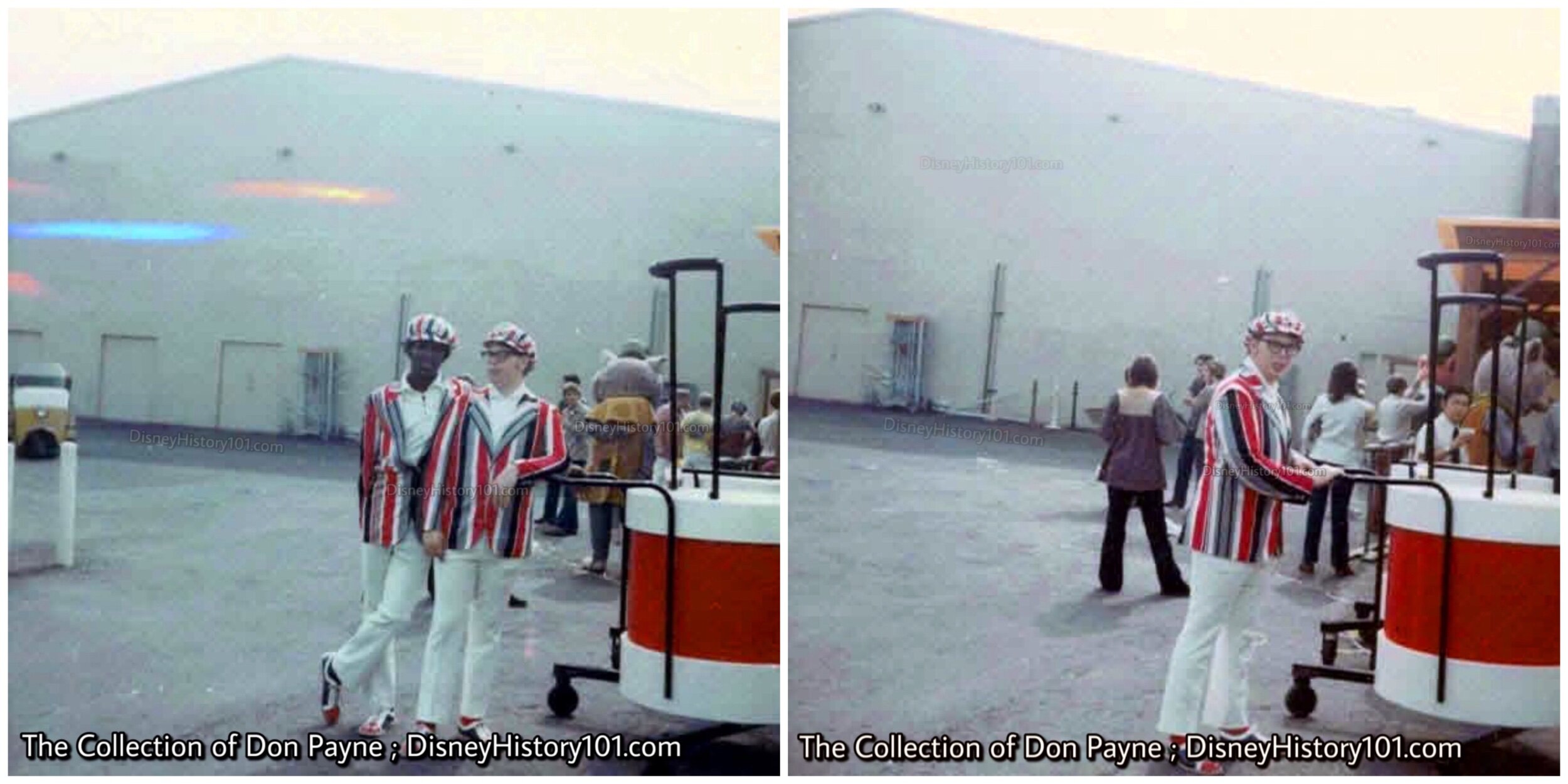
Lloyd Mitchell and Don Payne (a regular “Pageant Helper”) hang out near the “Pooh for President” Drum Unit floats. Reid Shibata (Leadman) can be seen in the background of the right photo, facing the camera.
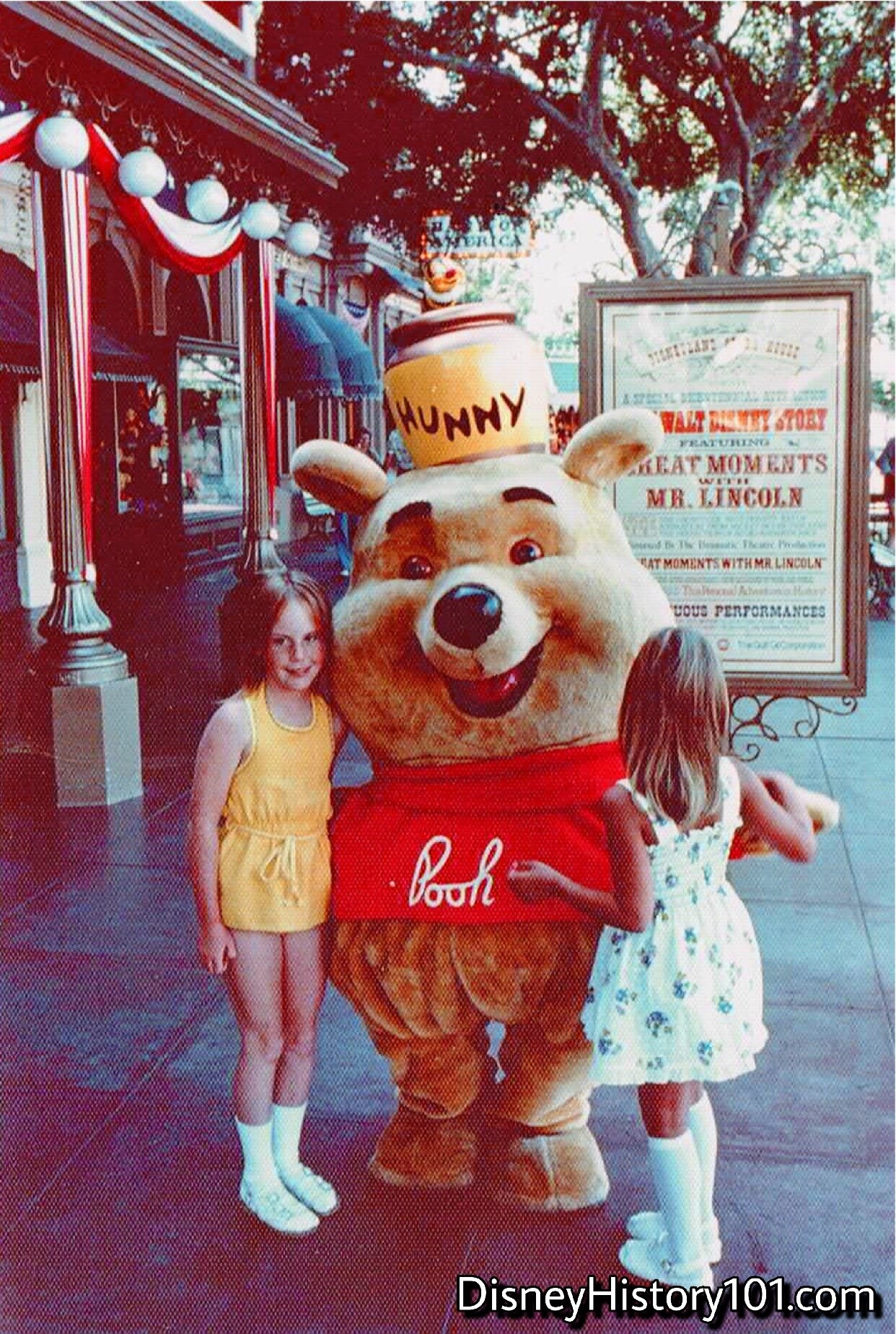
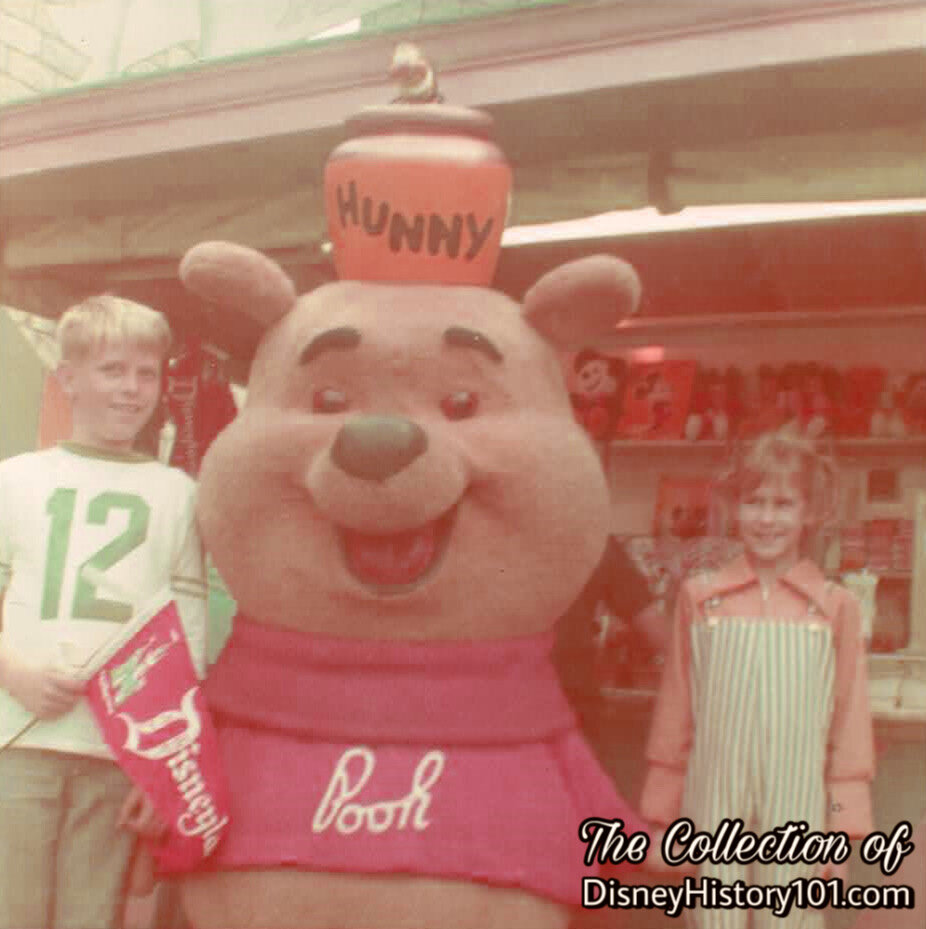
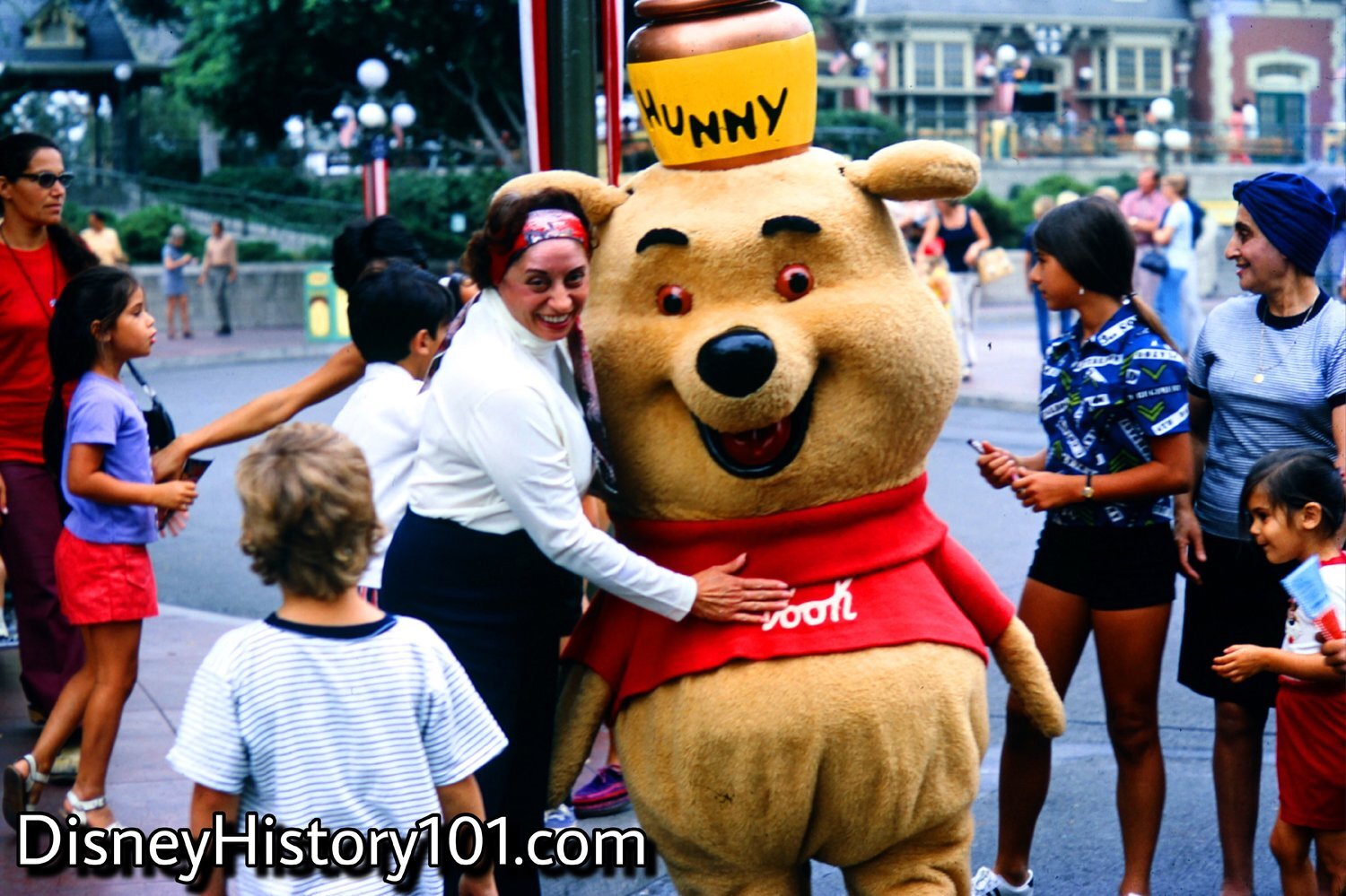
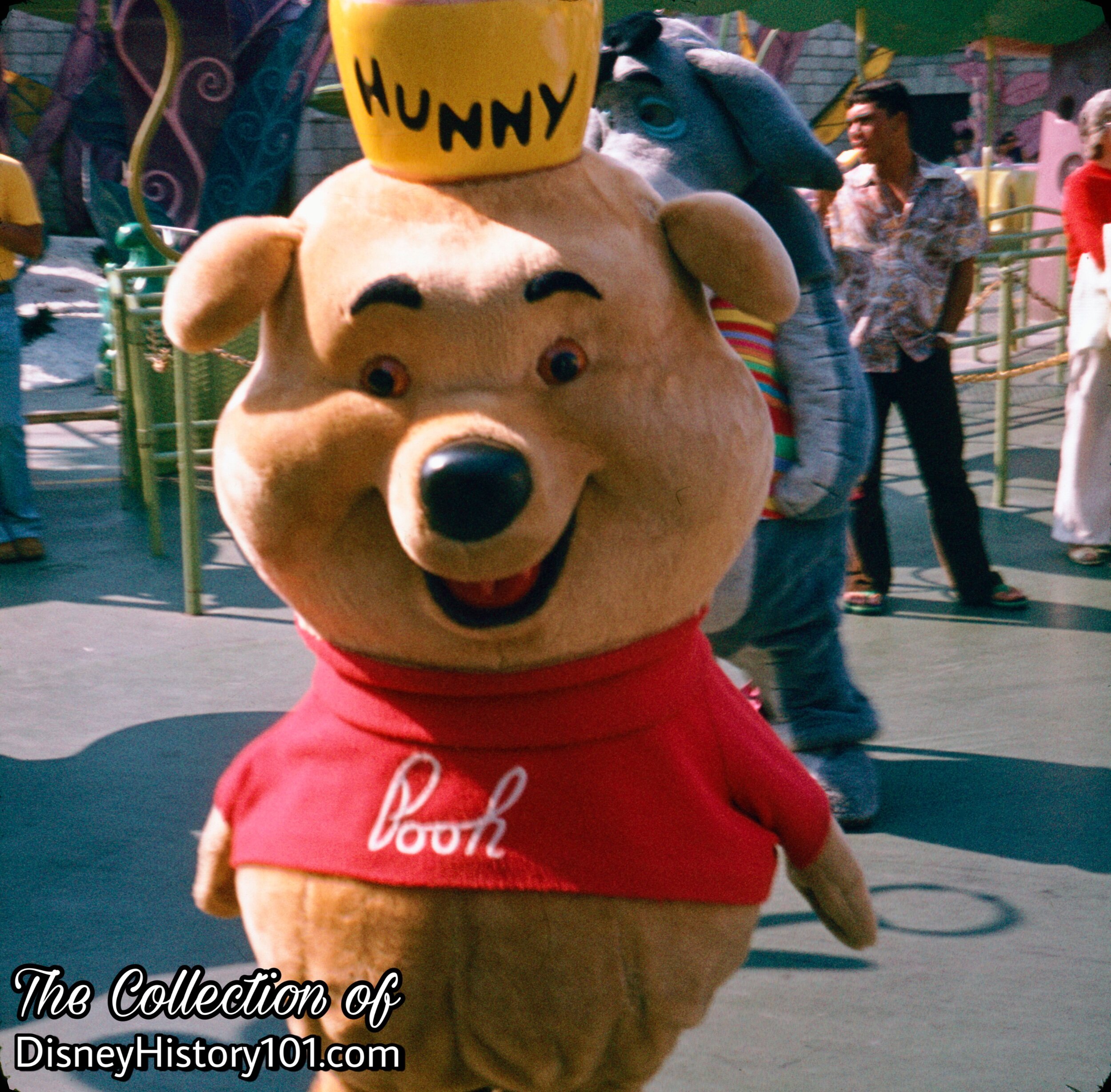
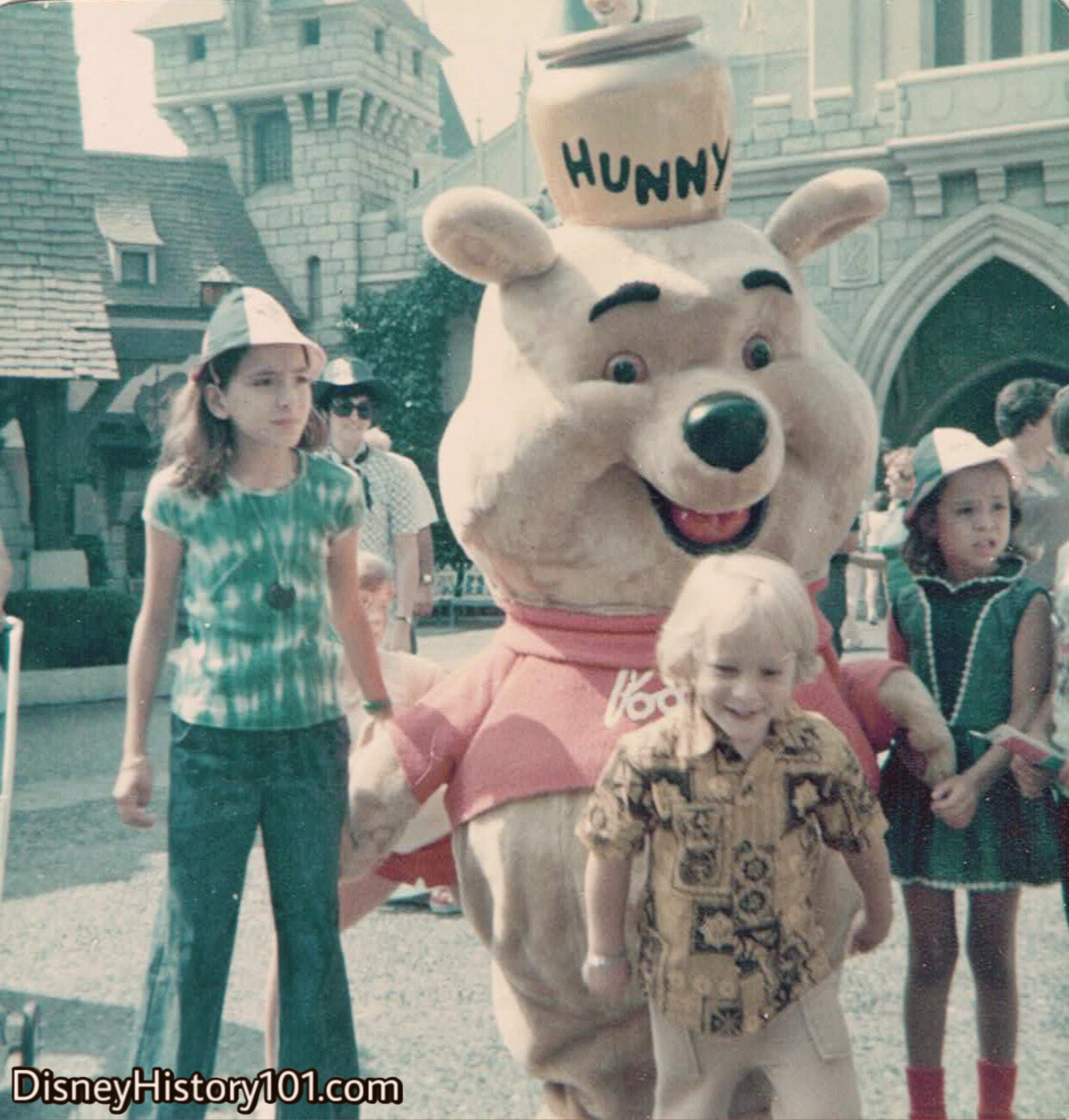
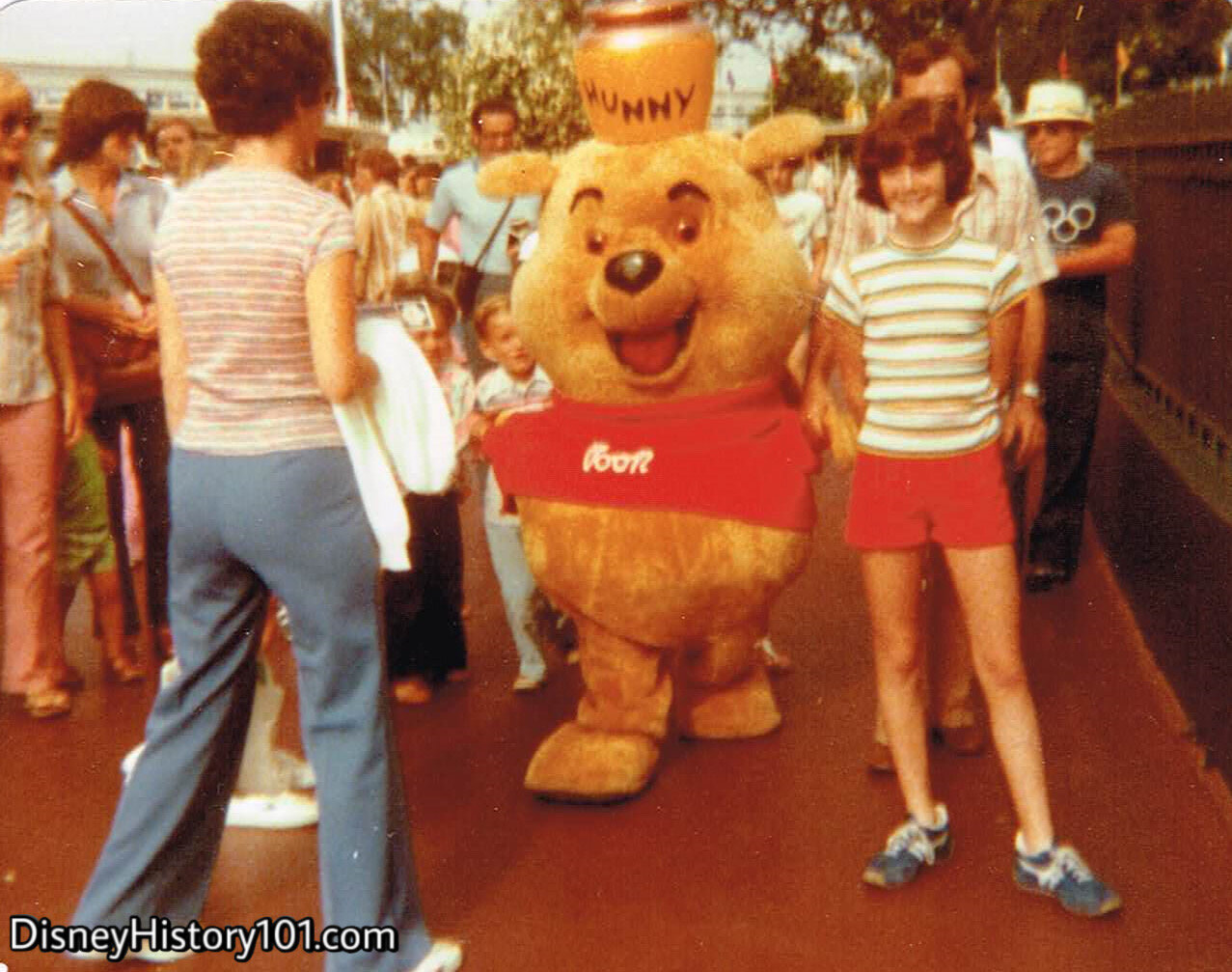
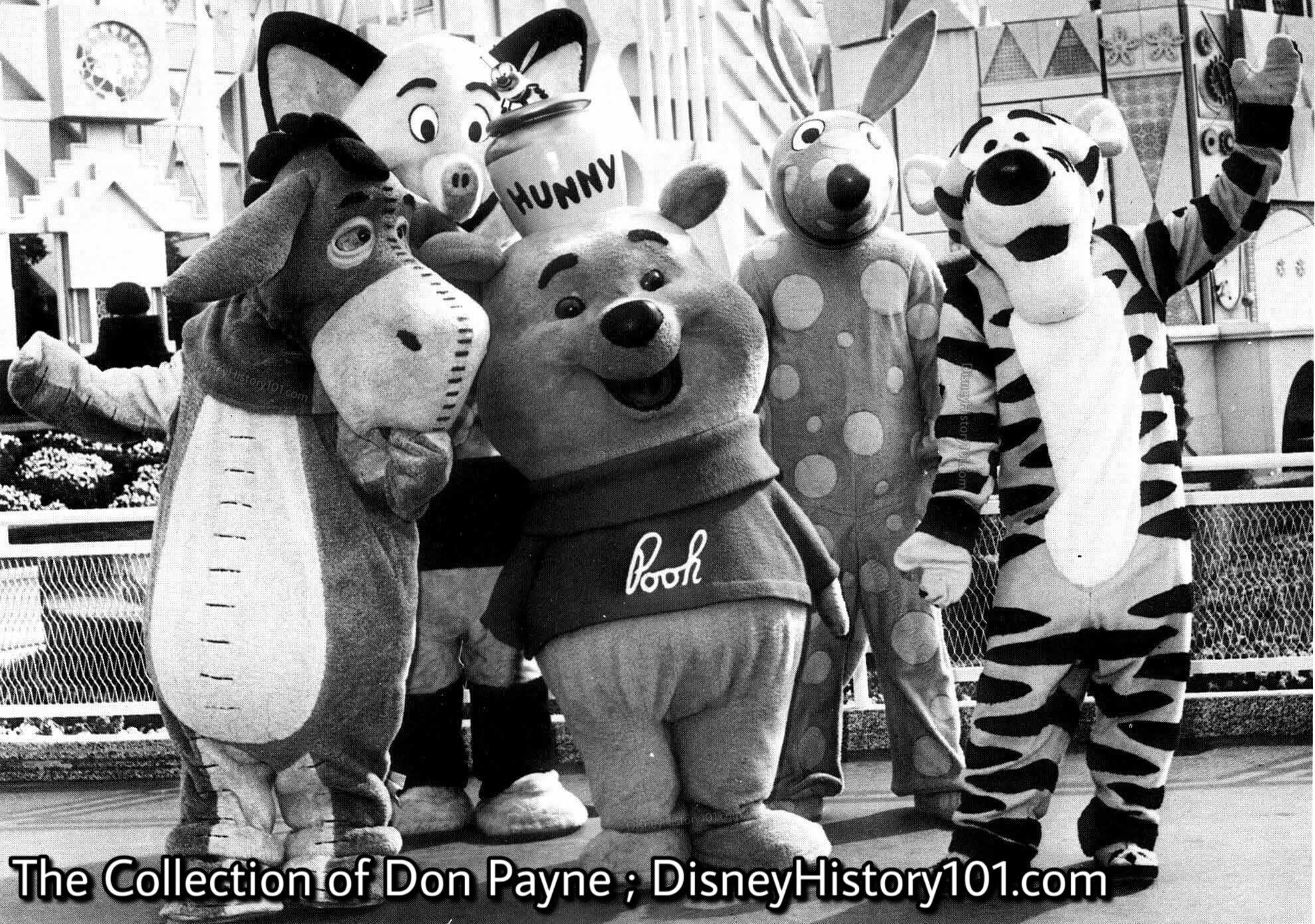
Winnie the Pooh and his Hundred Acre neighbors (including Heffalumps and Woolzles) welcomed guests at Disneyland during “Winnie the Pooh Fan Days”, 1971.
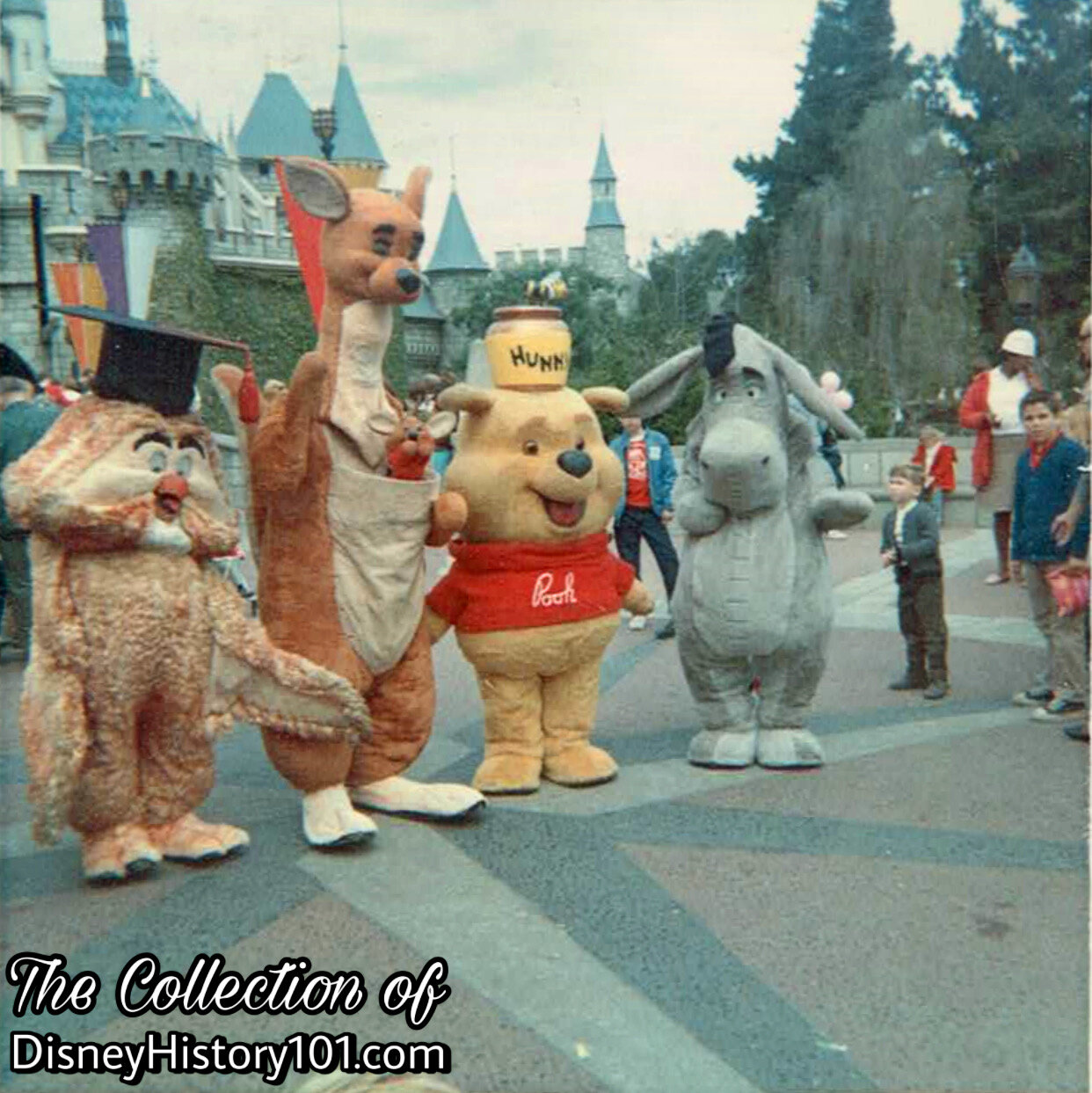
The residents of the Hundred Acre Wood have come to greet Disneyland guests - Owl, Kanga (and little son Roo, peeking out of her pouch), Pooh bear, and Eeyore too! Not pictured are Rabbit, carrying Piglet in his arms.
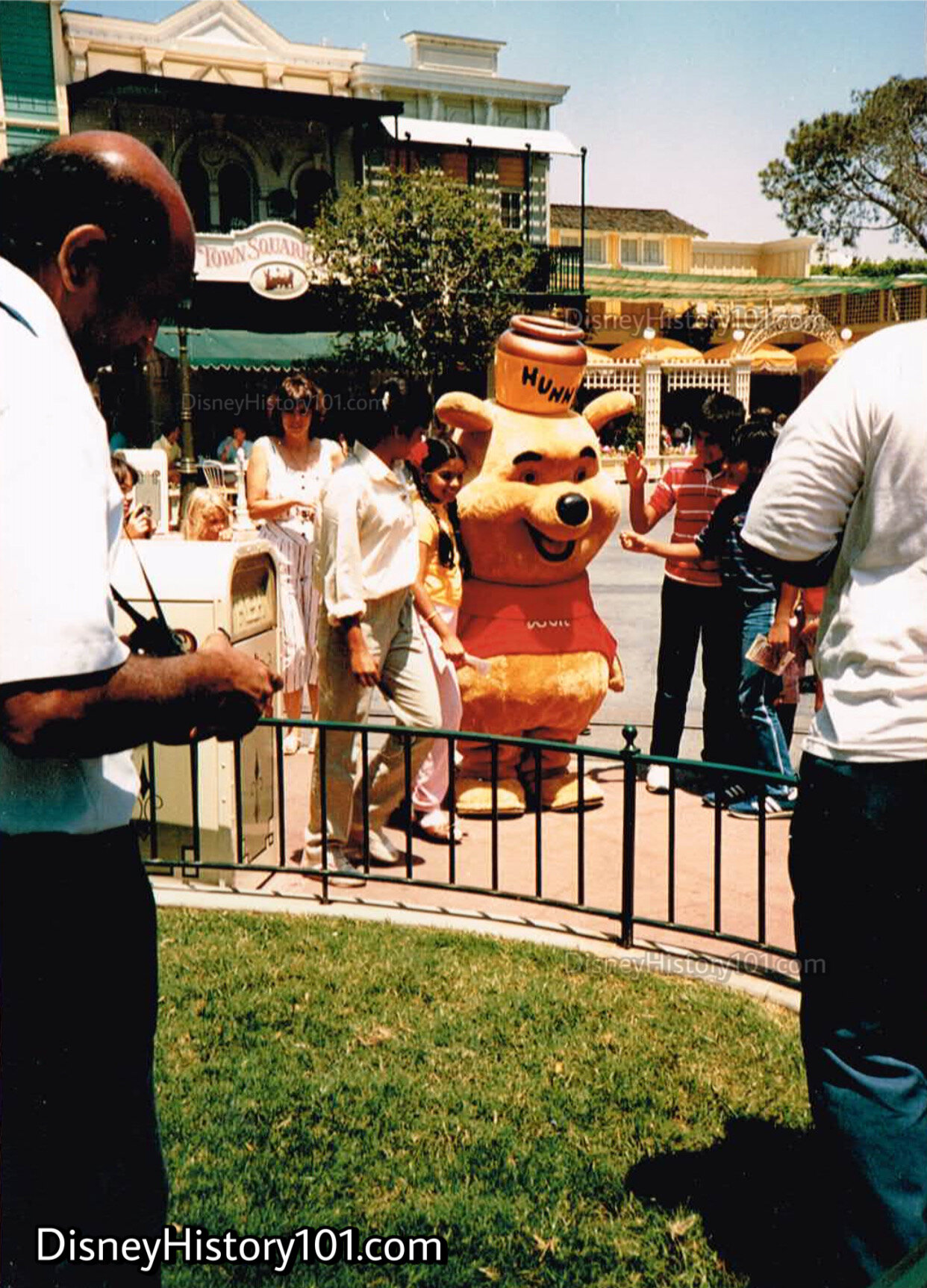
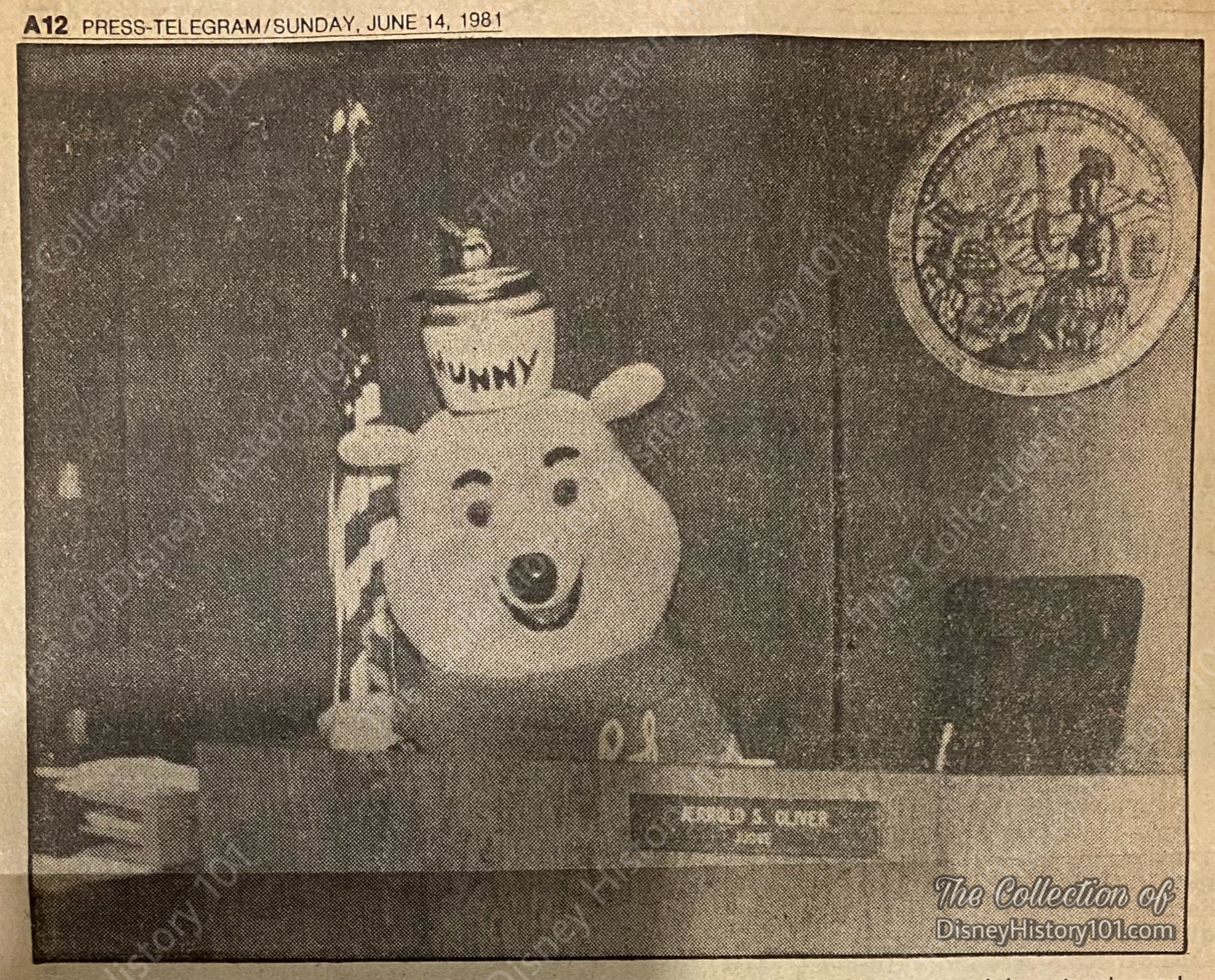

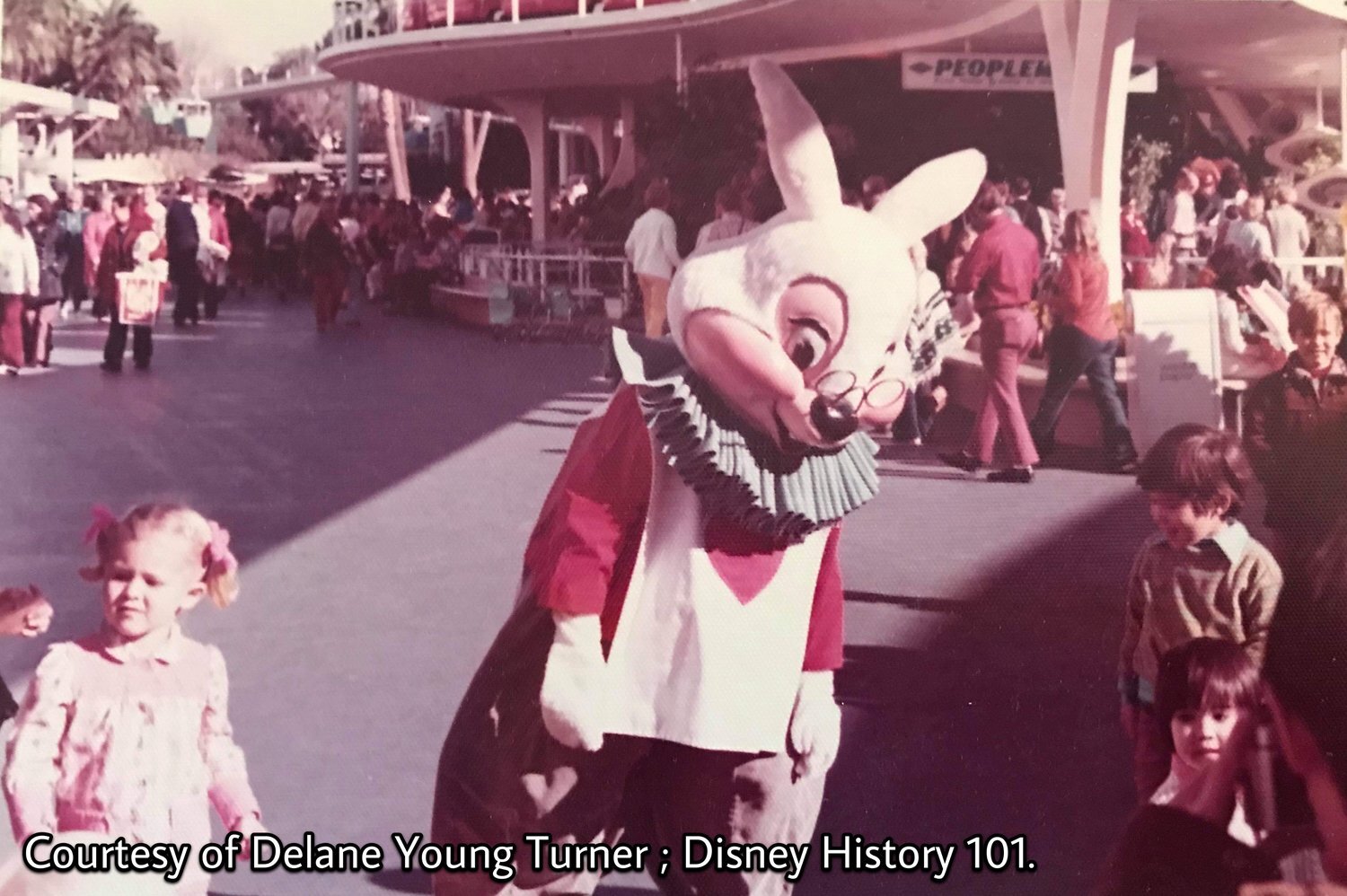
The (Walt Disney Studio) White Rabbit was popular, appearing at both seasons of the 1964/1965 New York World’s Fair. During the mid-1960s, the White Rabbit made numerous appearances in Disneyland Easter Parades (alongside his wife, Mrs. Rabbit).
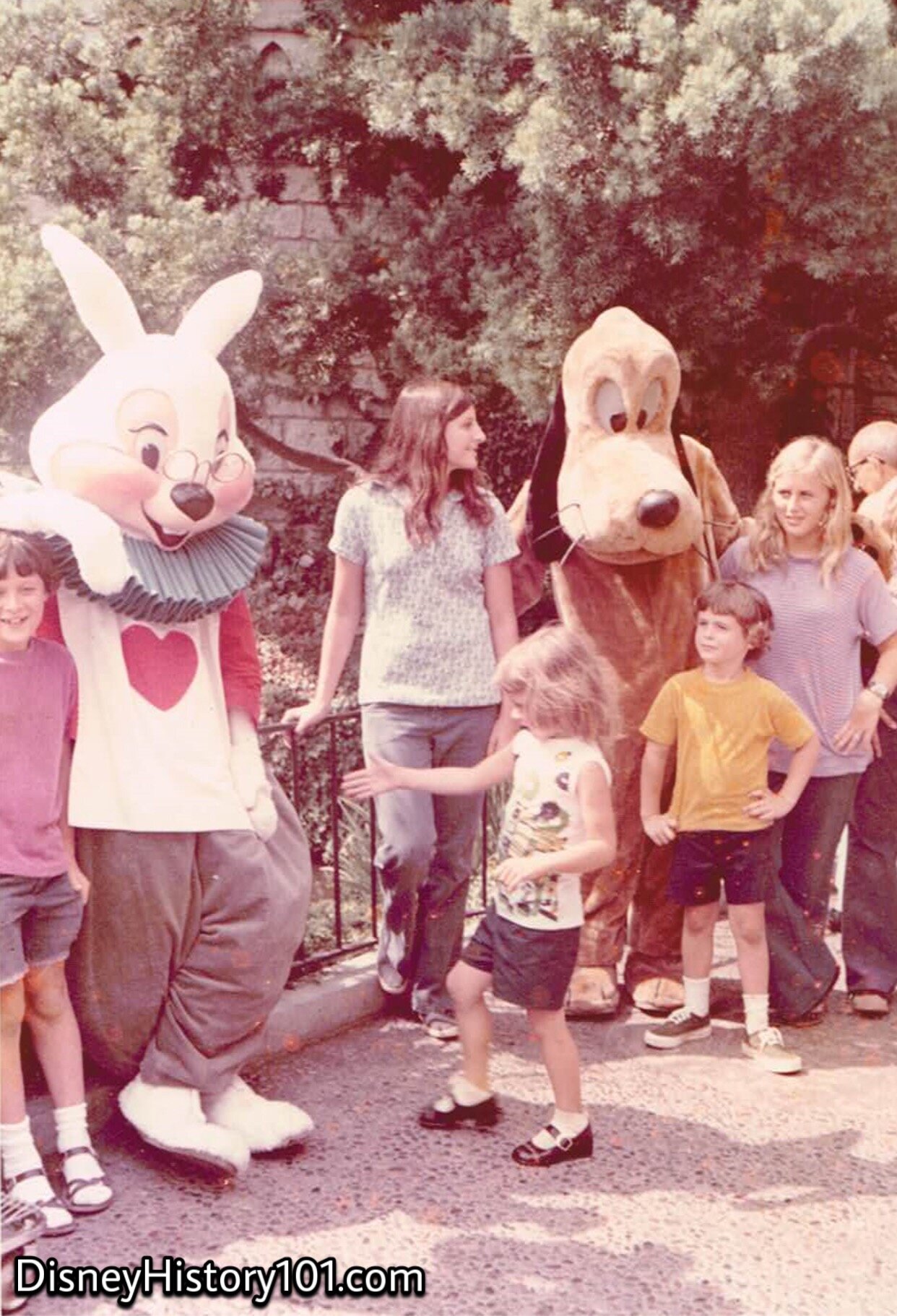
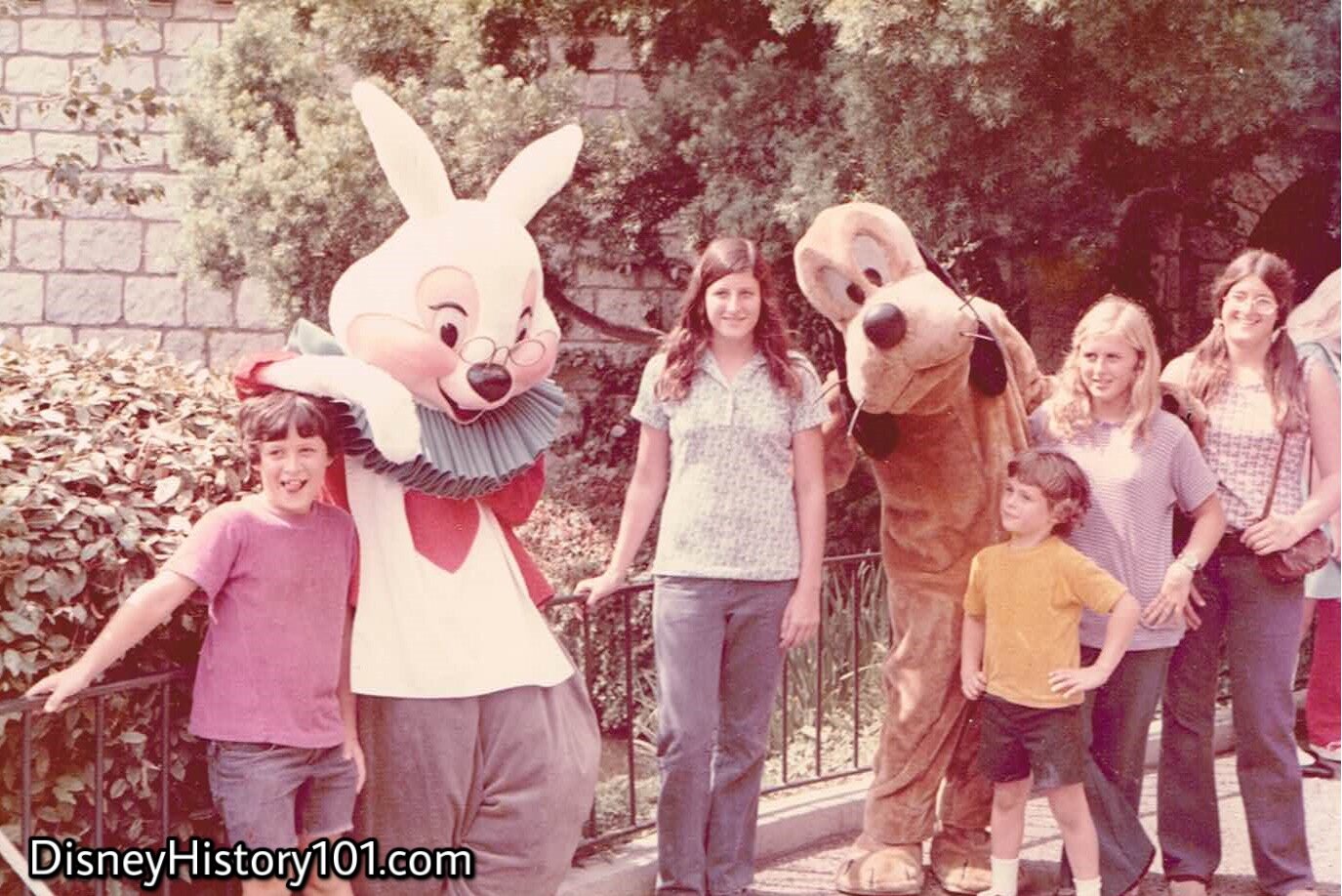
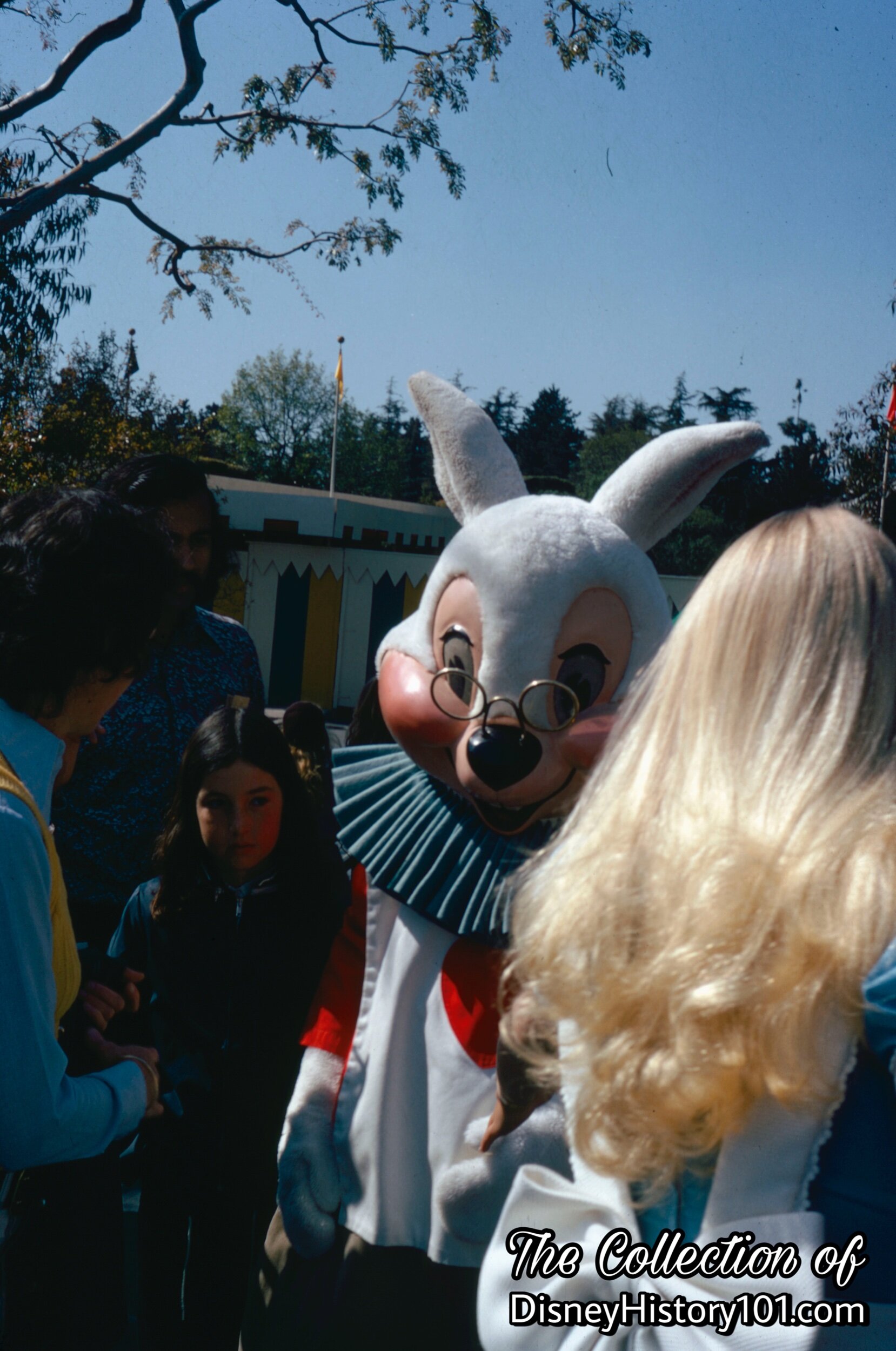
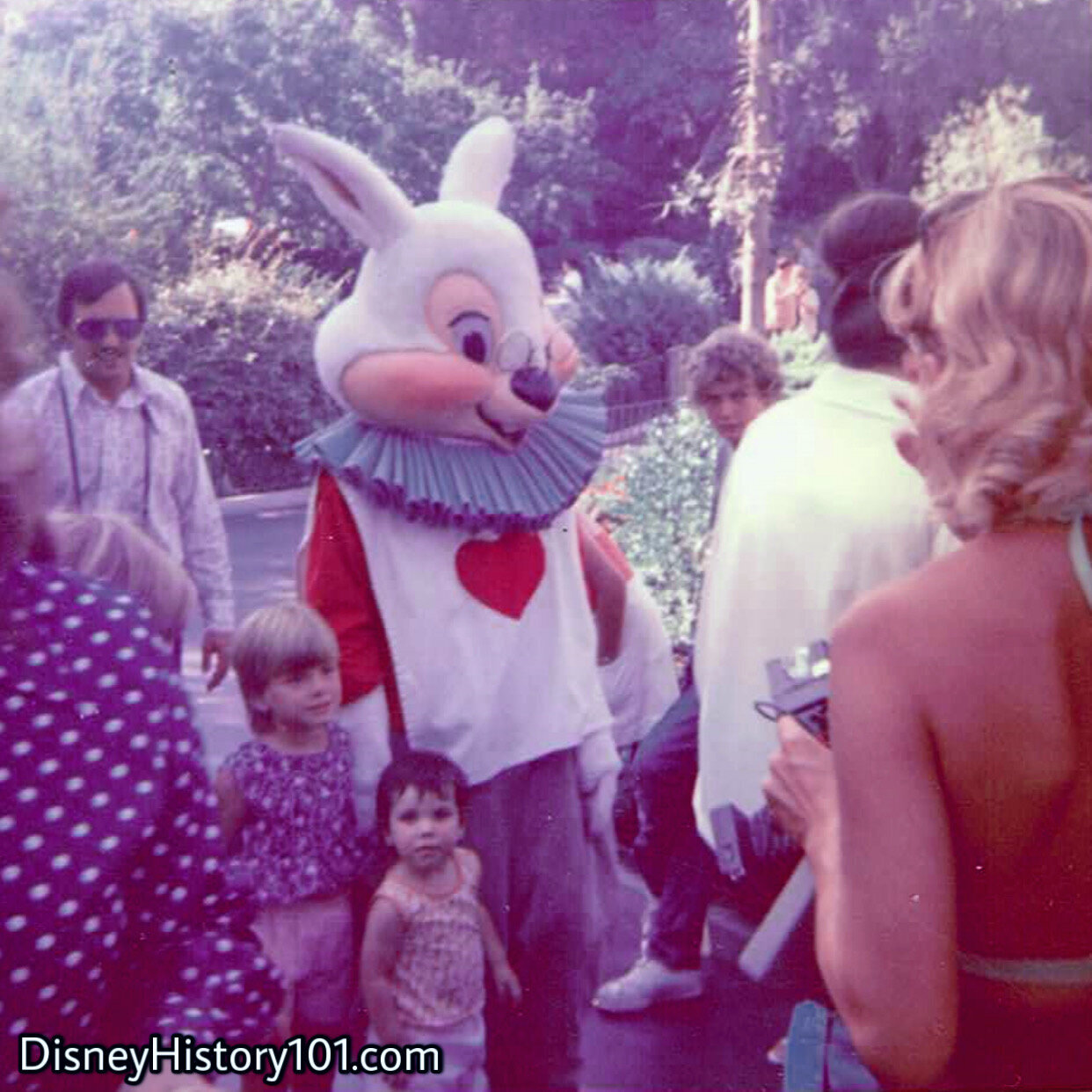
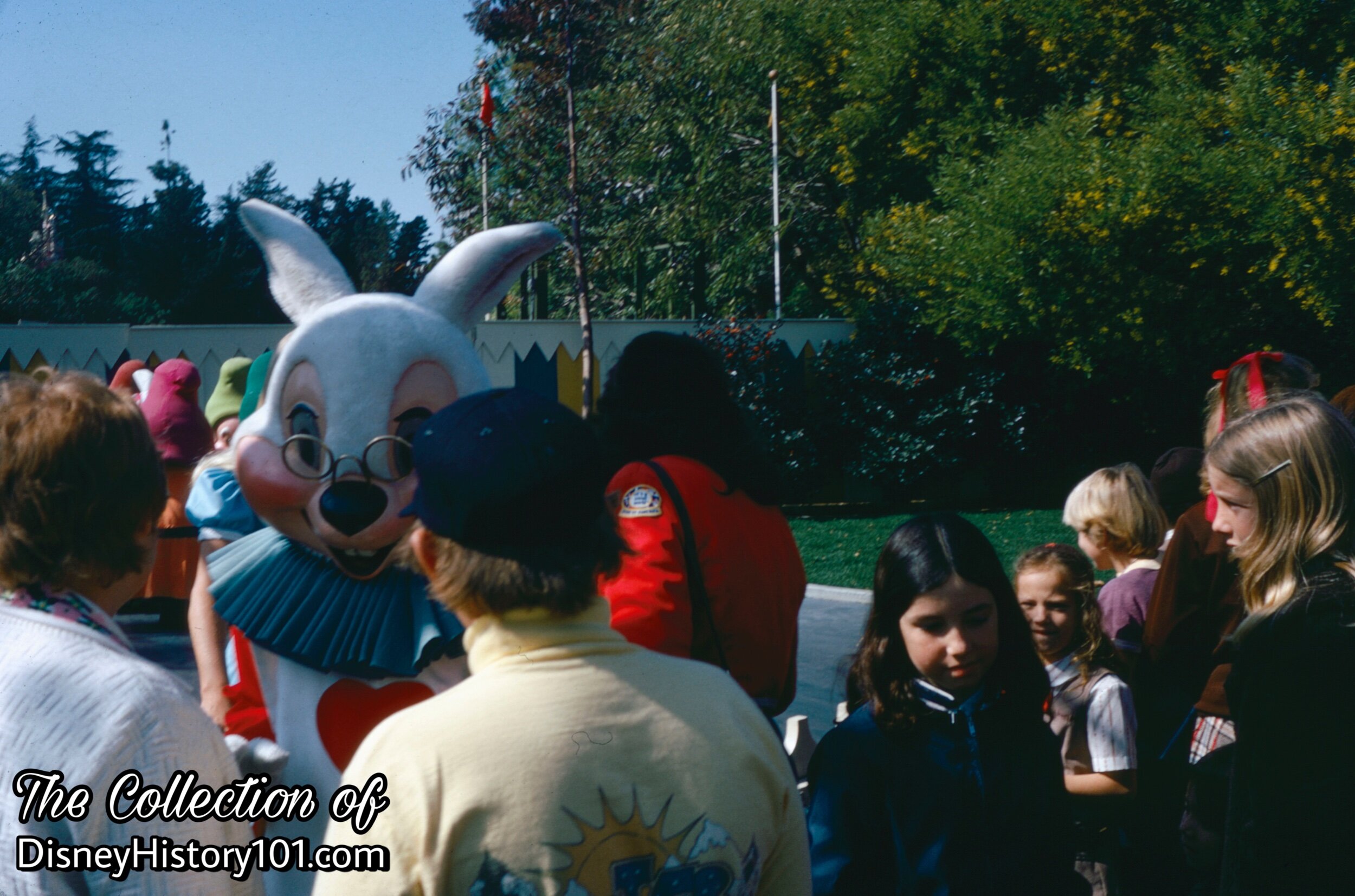
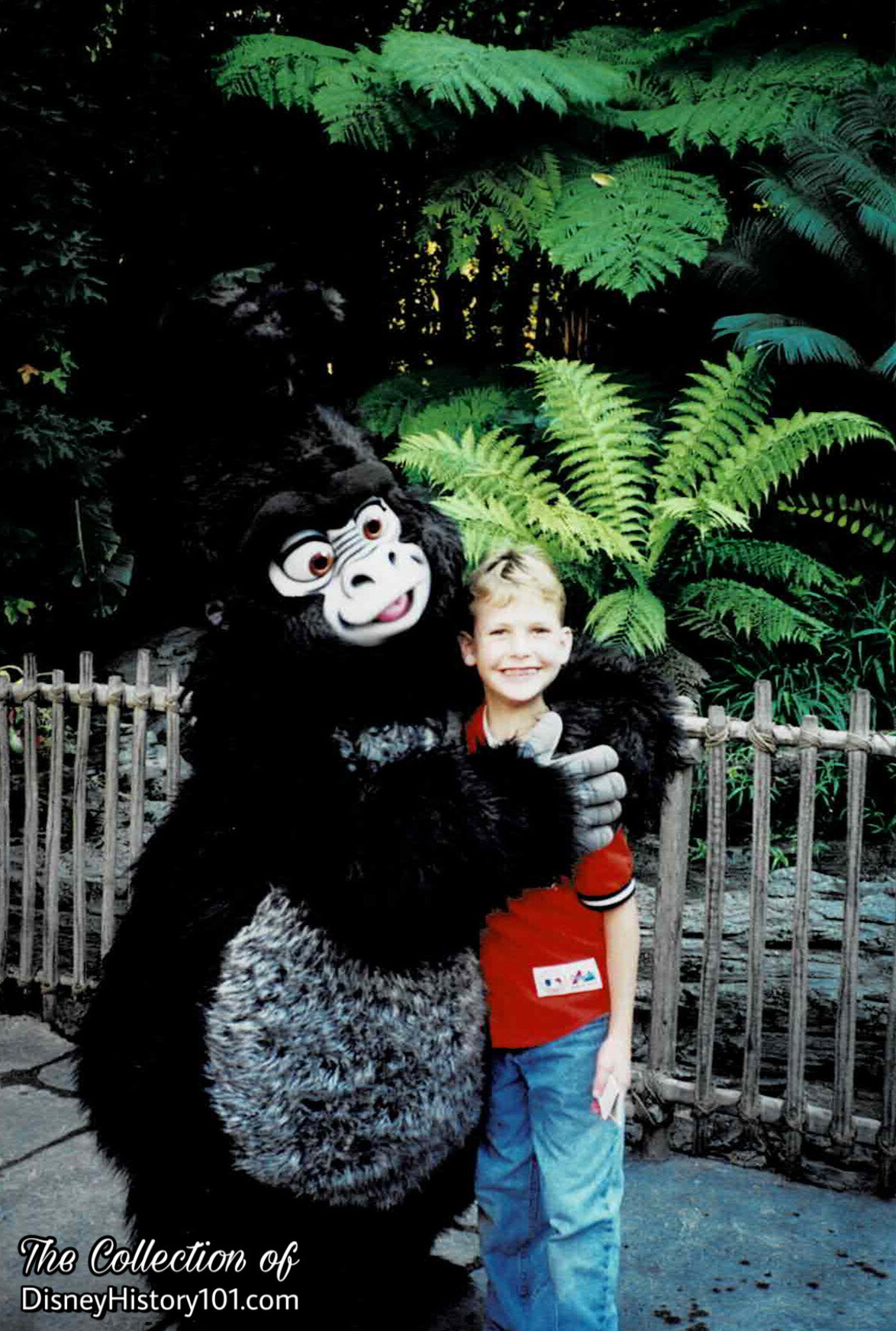

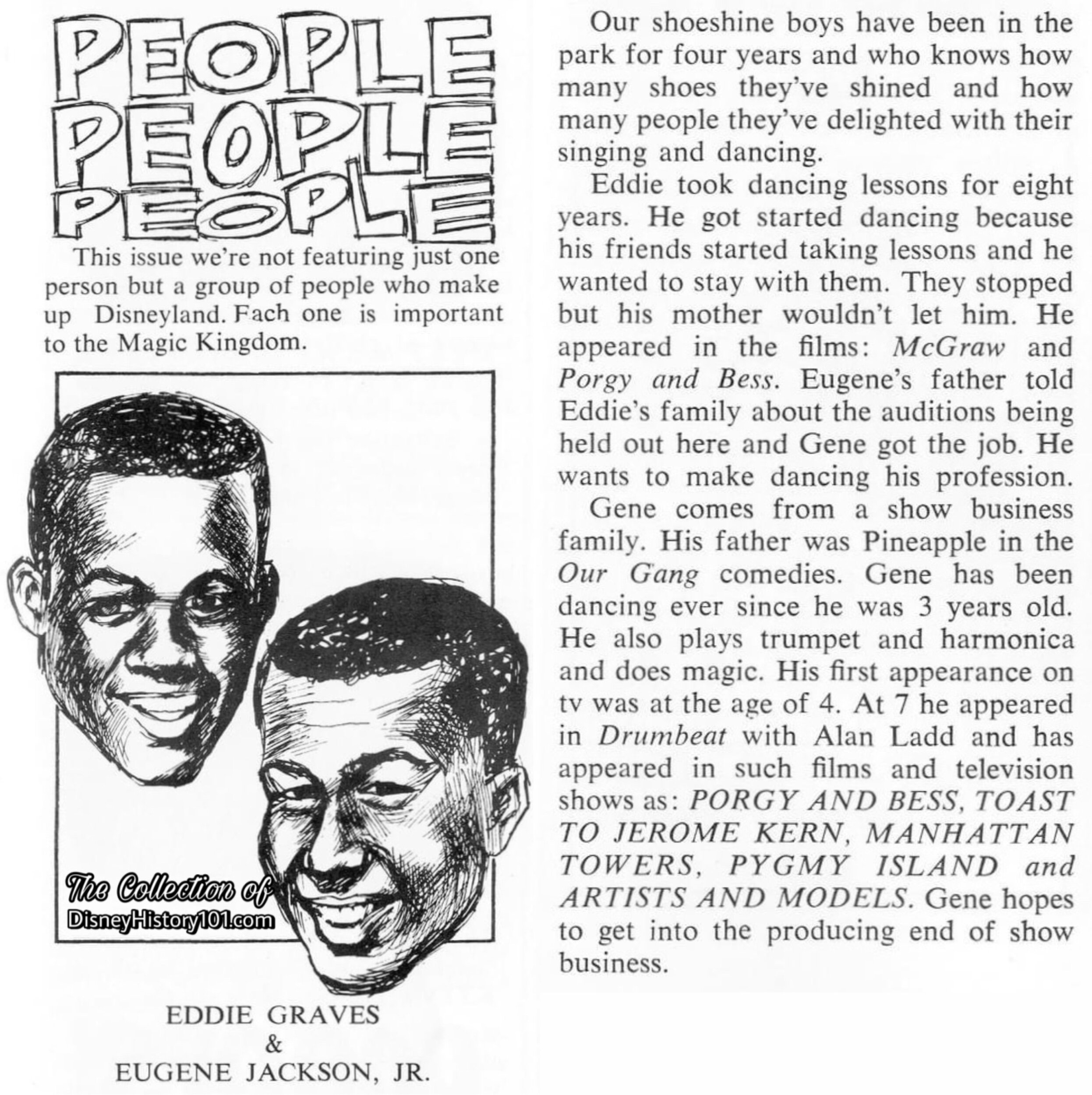
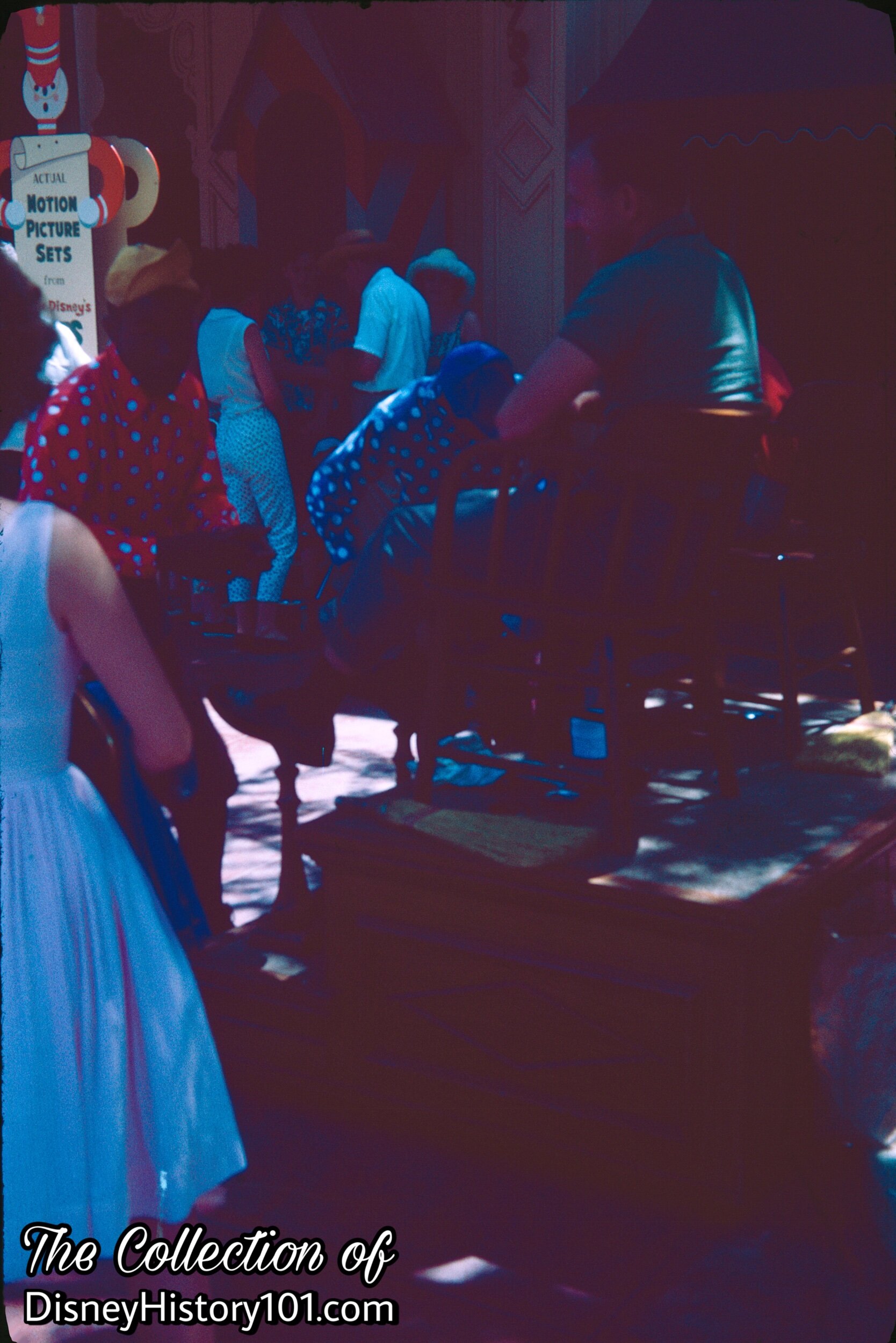
The Shoe Shine Boys were described as “two of the smallest big-timers around [who] will add a little glow to your boots between sprightly soft-shoe routines”, Vacationland, (Spring, 1961).
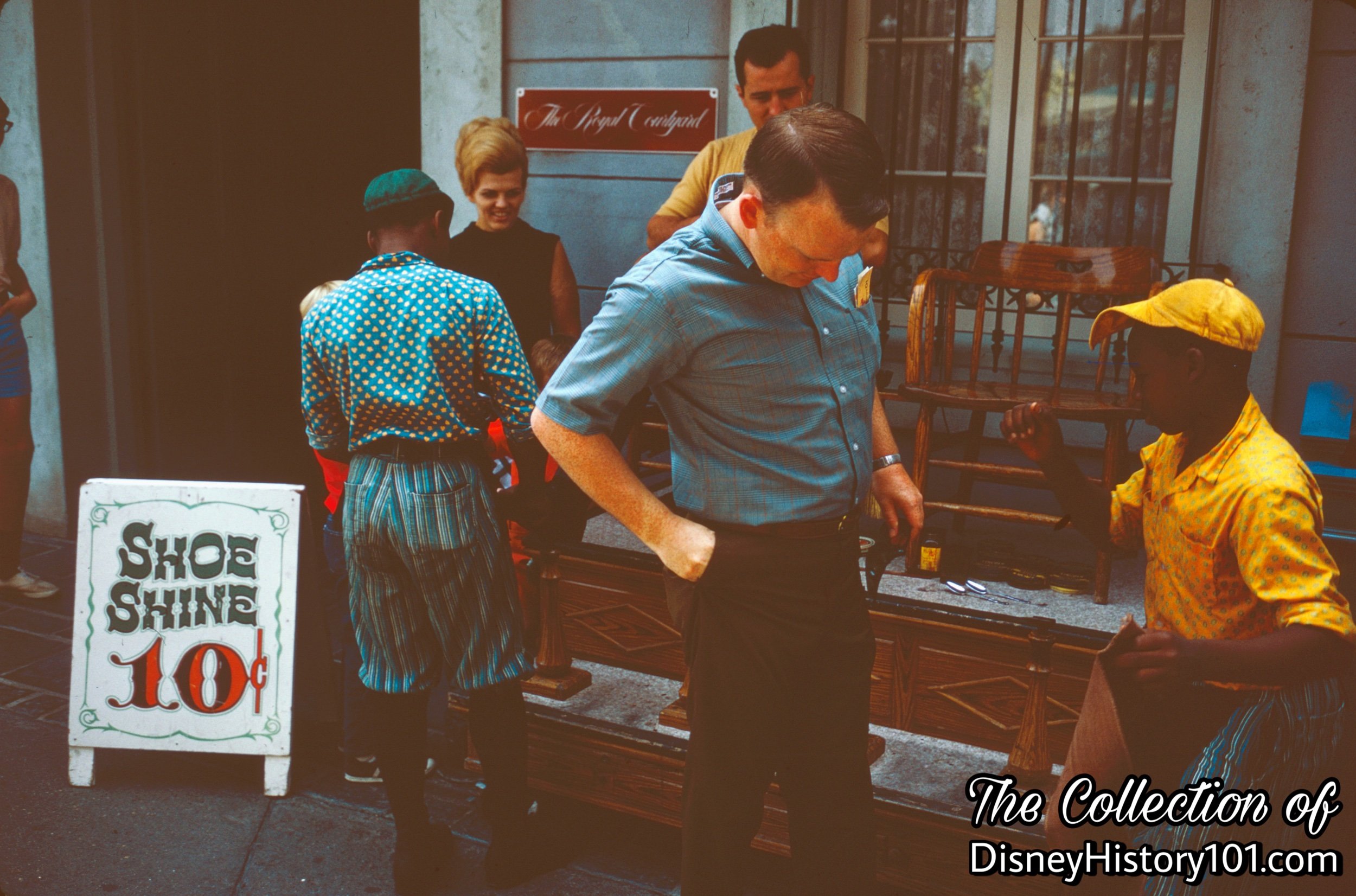
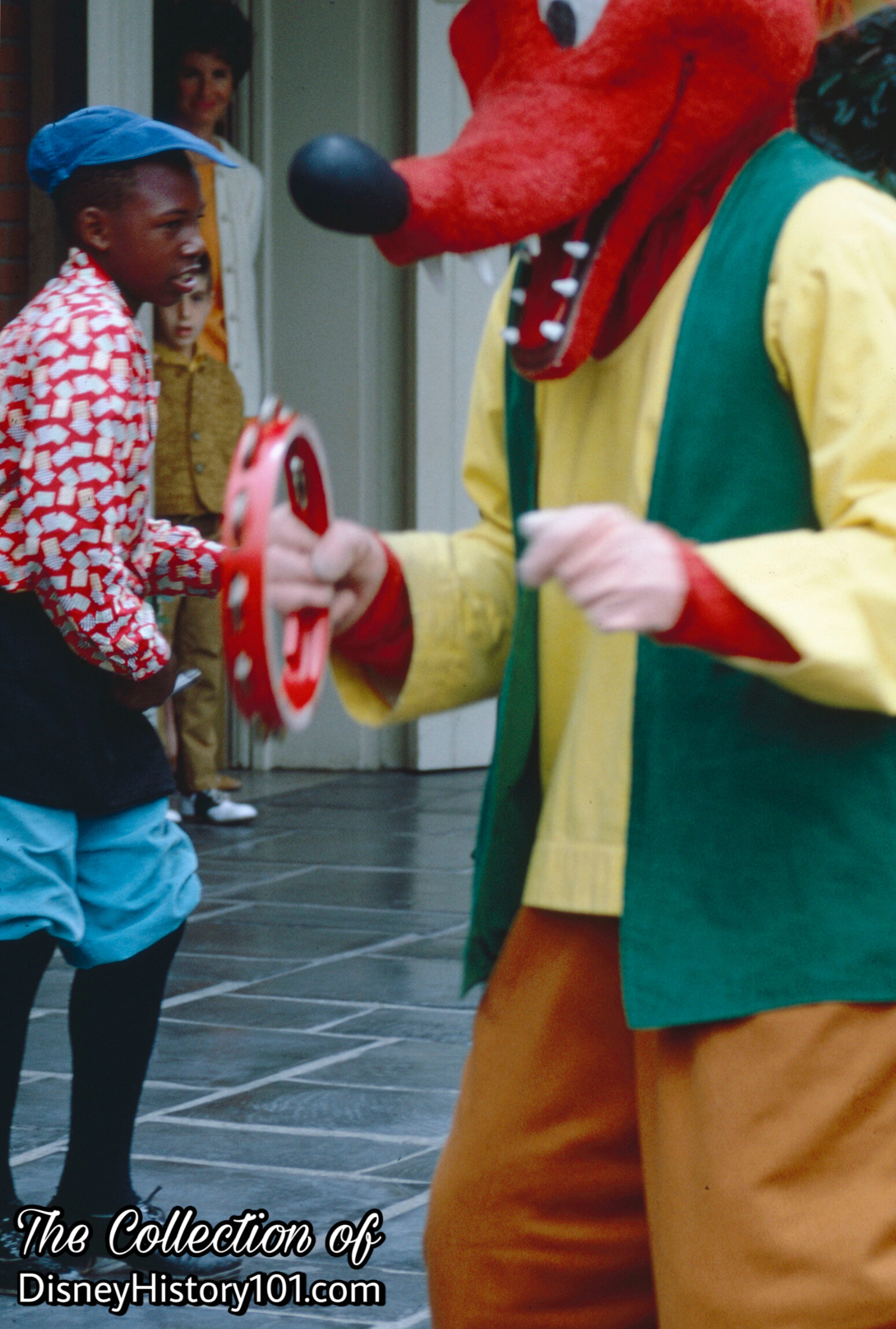
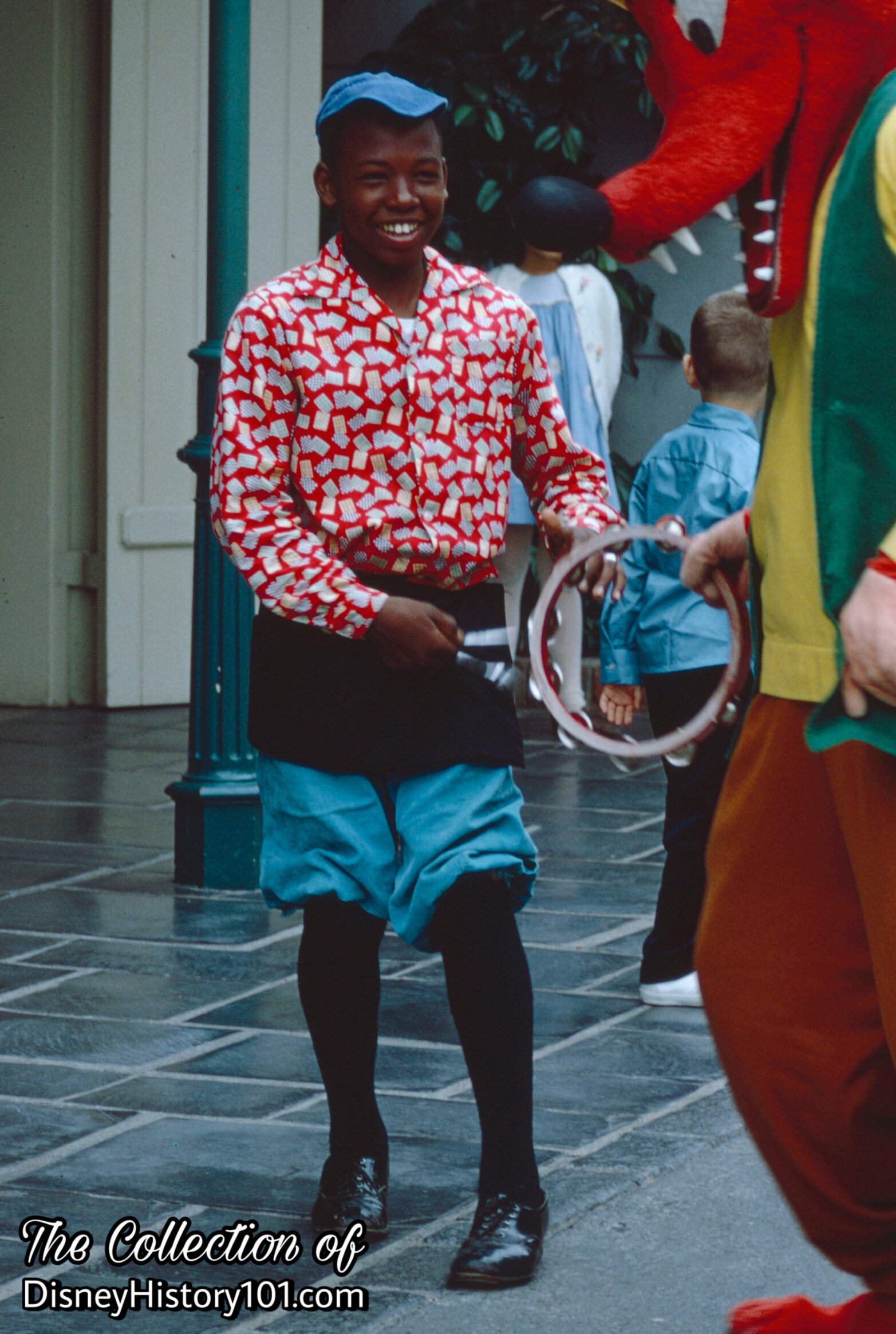
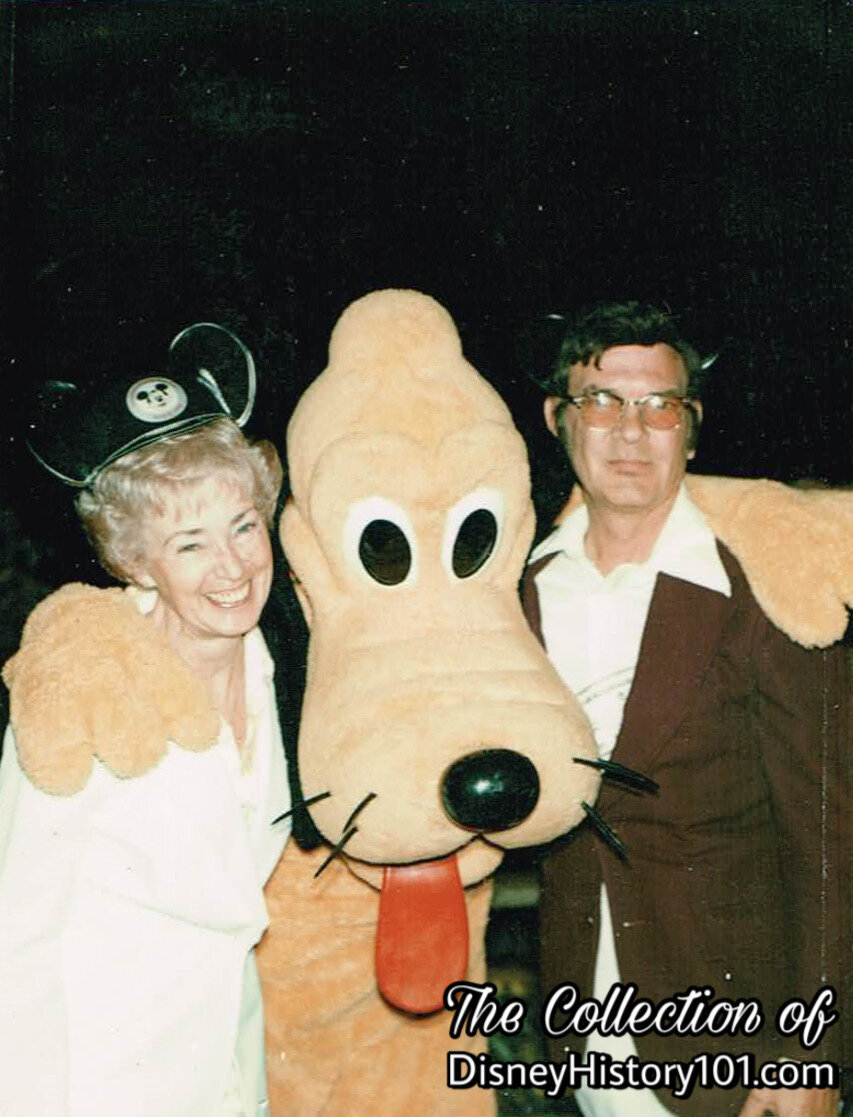
Tim Brandt (Disneyland Security) and Priscilla (Disneyland First Aid) meet Pluto during Disneyland’s 25th Family Reunion event!
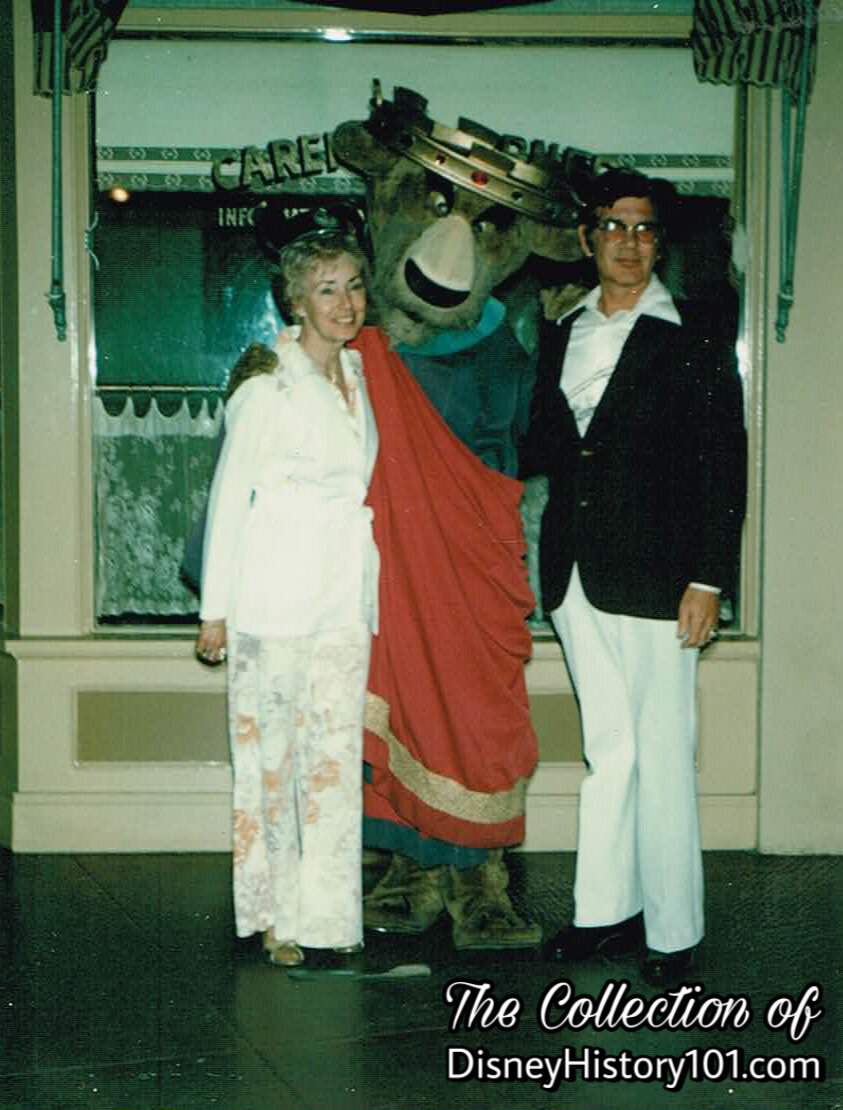
Tim Brandt (Disneyland Security) and Priscilla (Disneyland First Aid) meet Prince John during Disneyland’s 25th Family Reunion event!

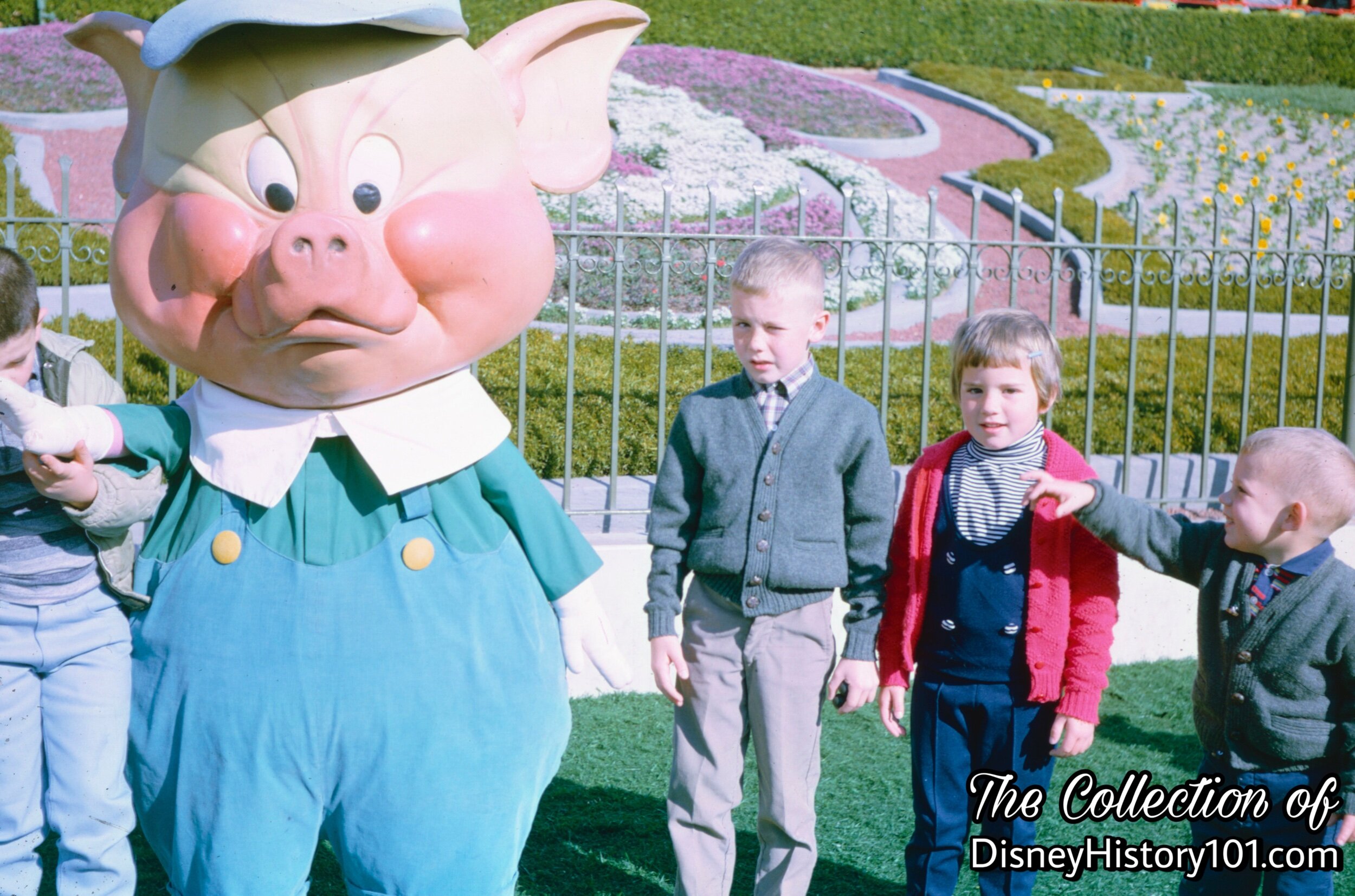
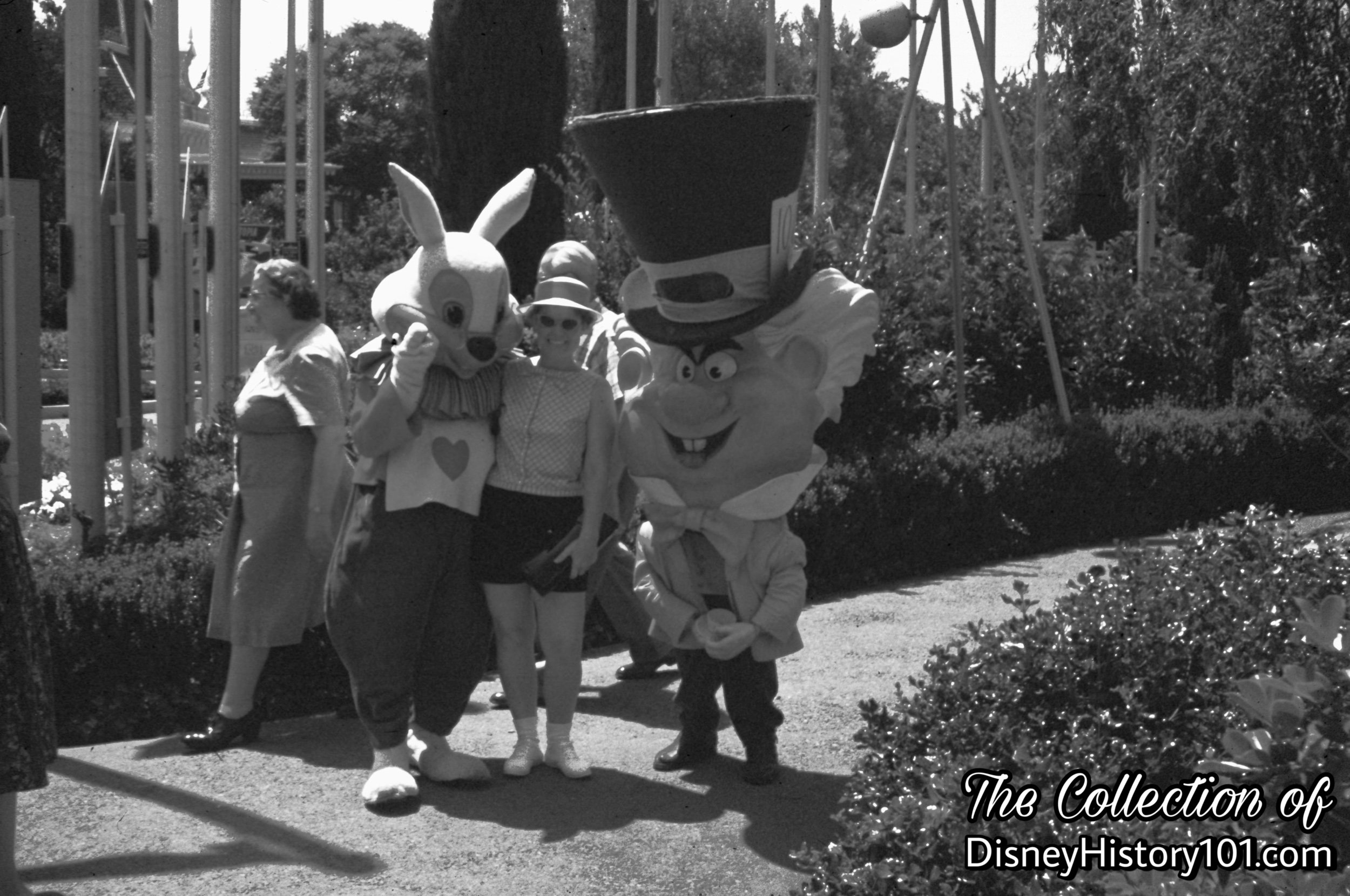
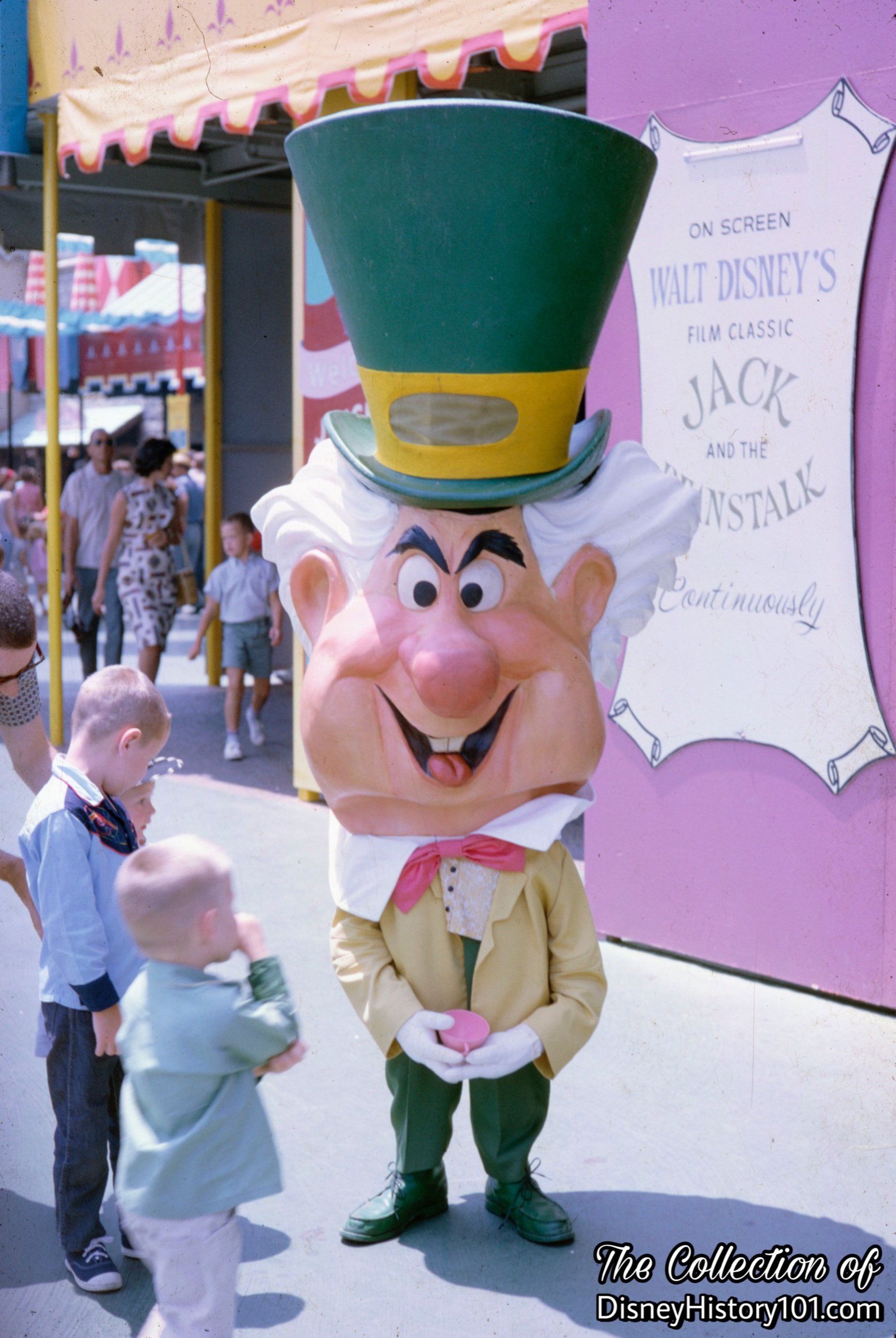
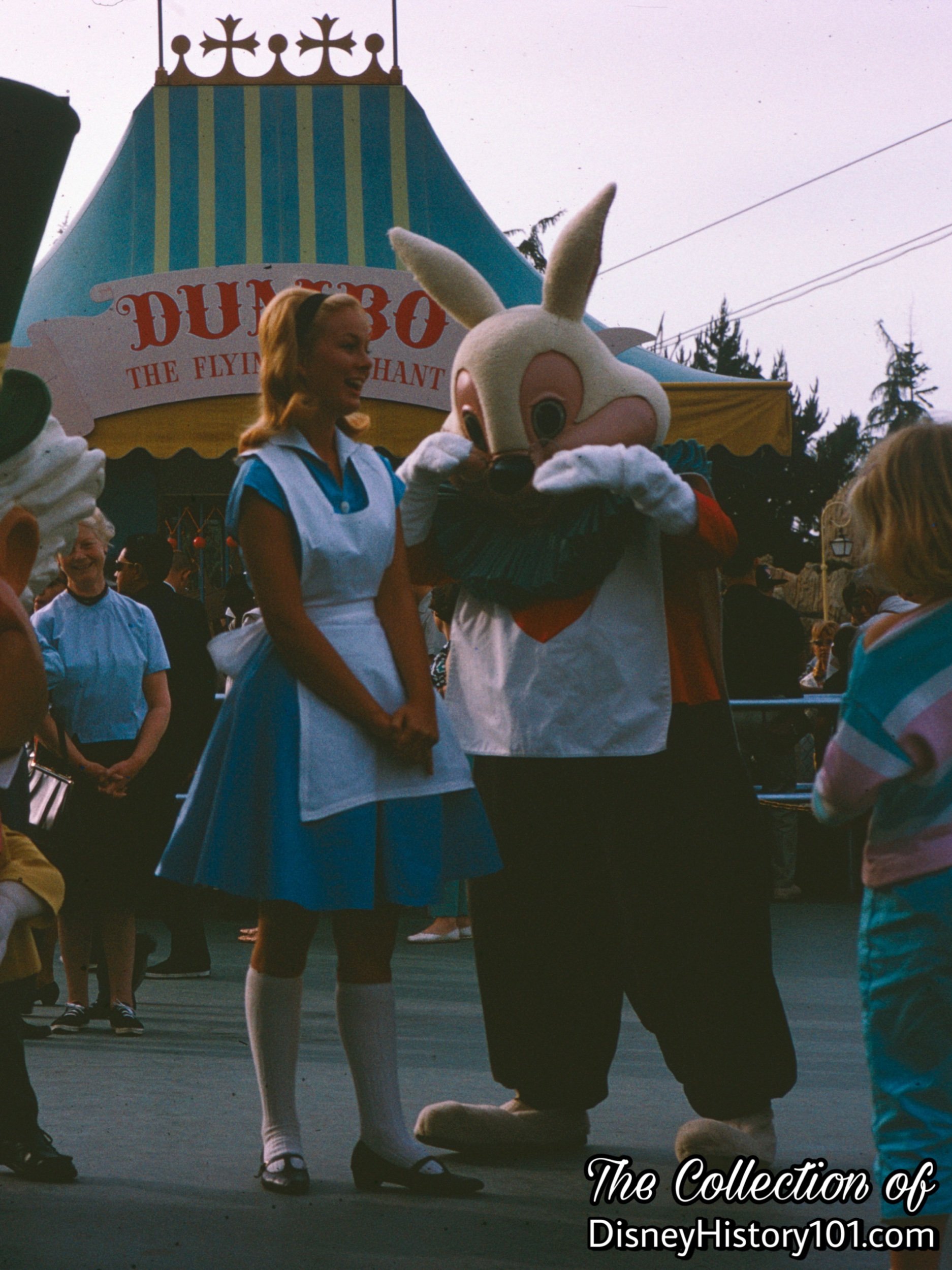
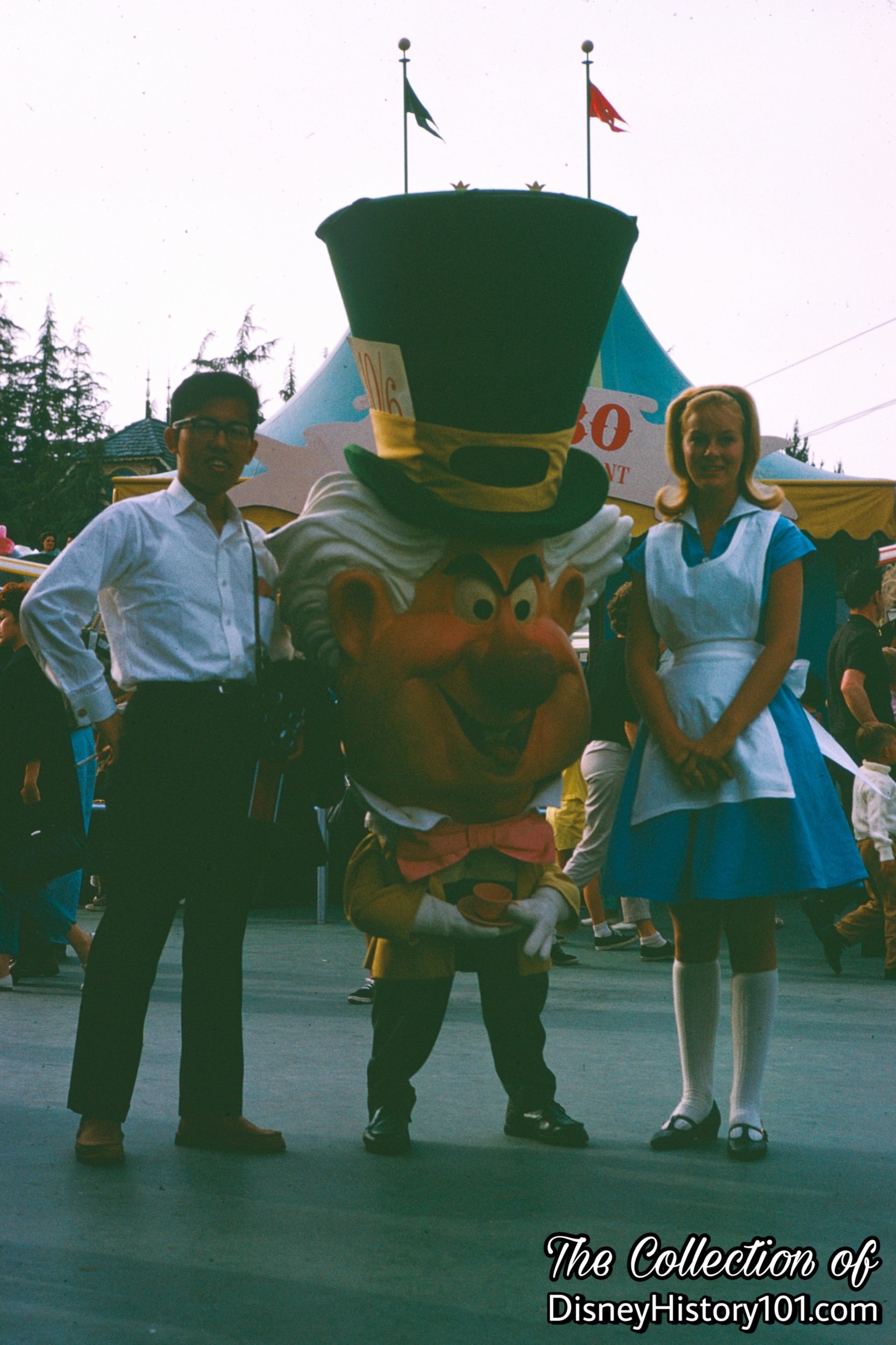


Yodeller - Fred Burri yodeled while playing the accordion for audiences awaiting their turn to board a Matterhorn Bobsled. Fred entertained, and provided Swiss overtones for the traditional dancing performed for the opening of the Skyway.

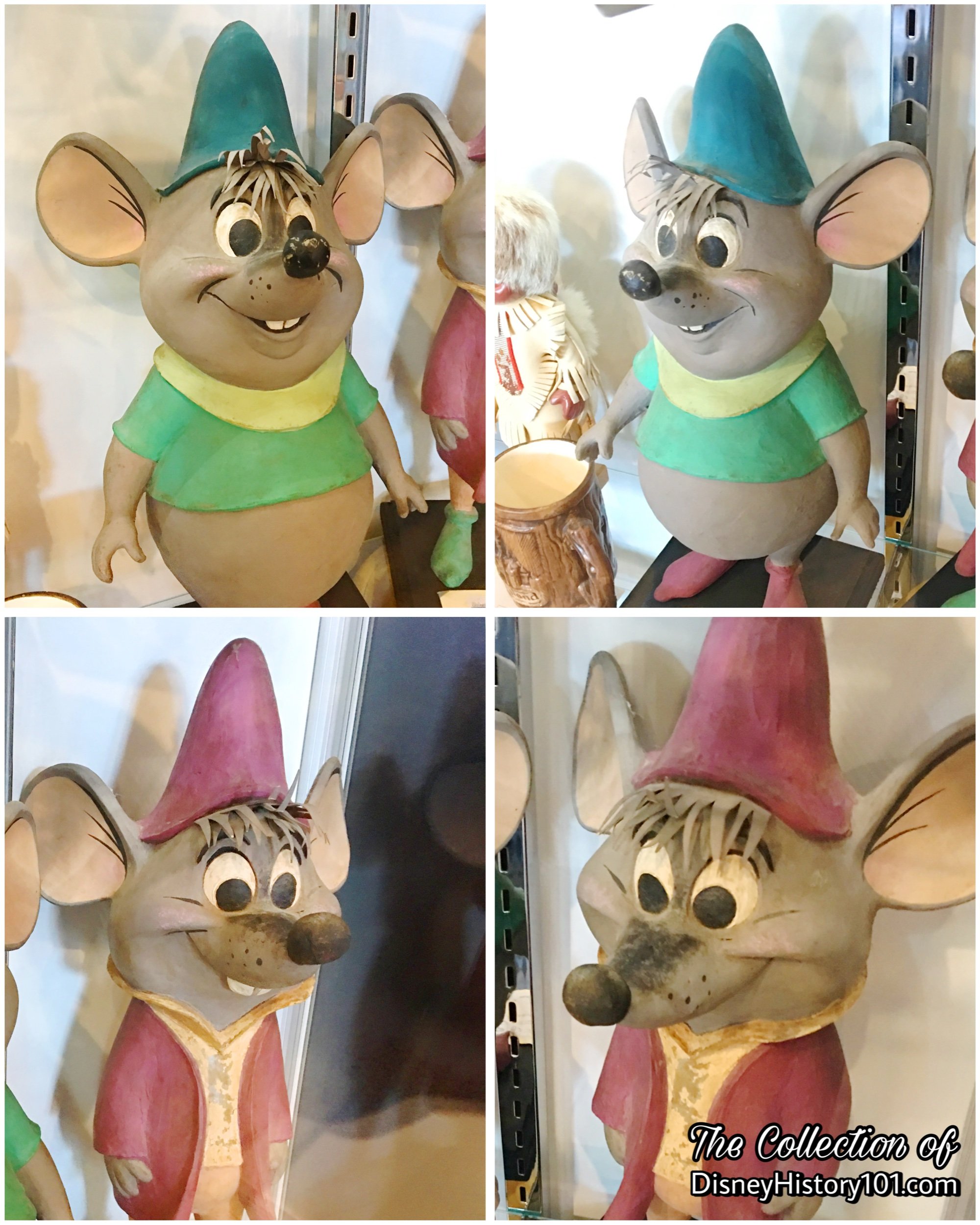
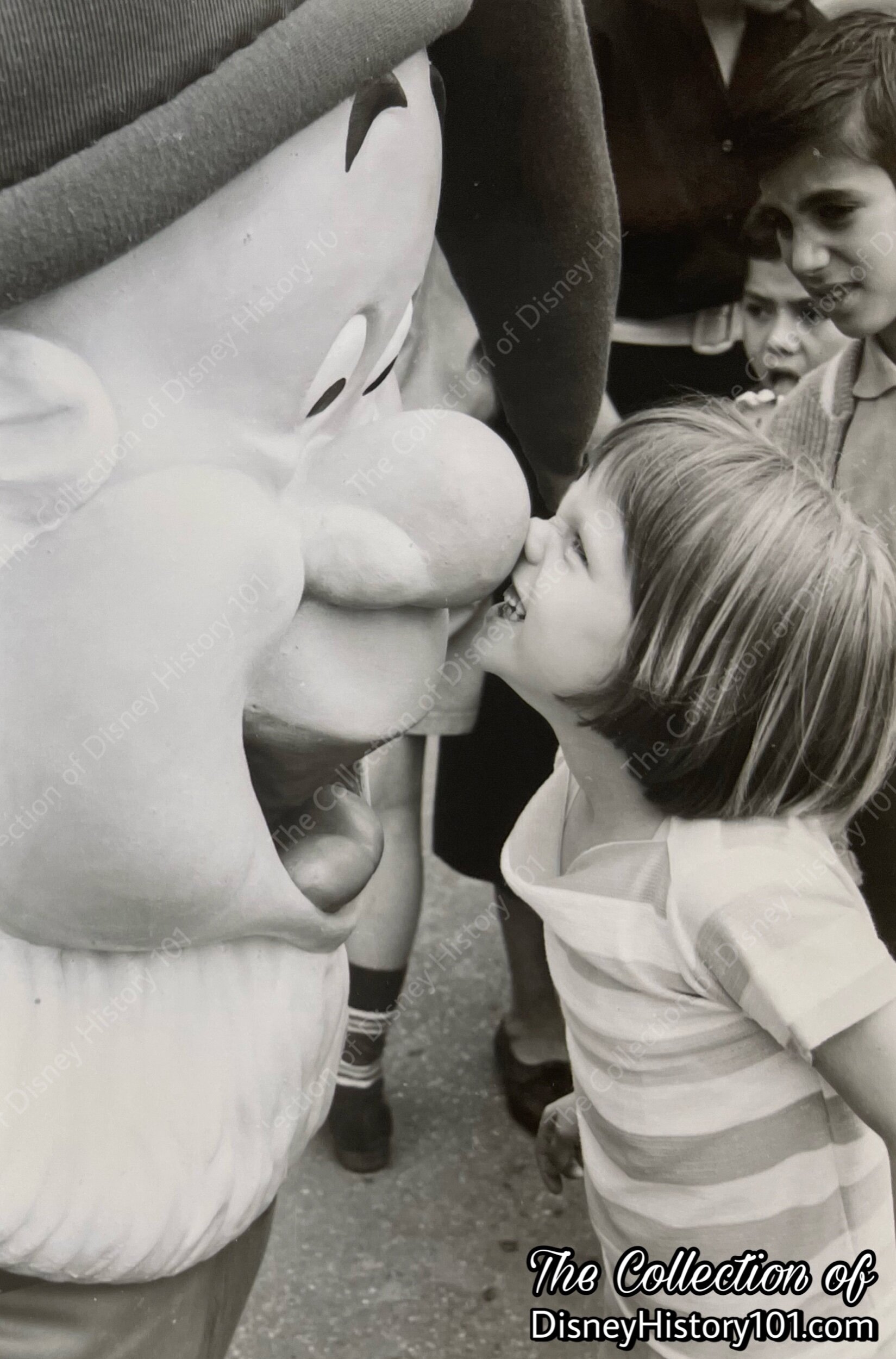
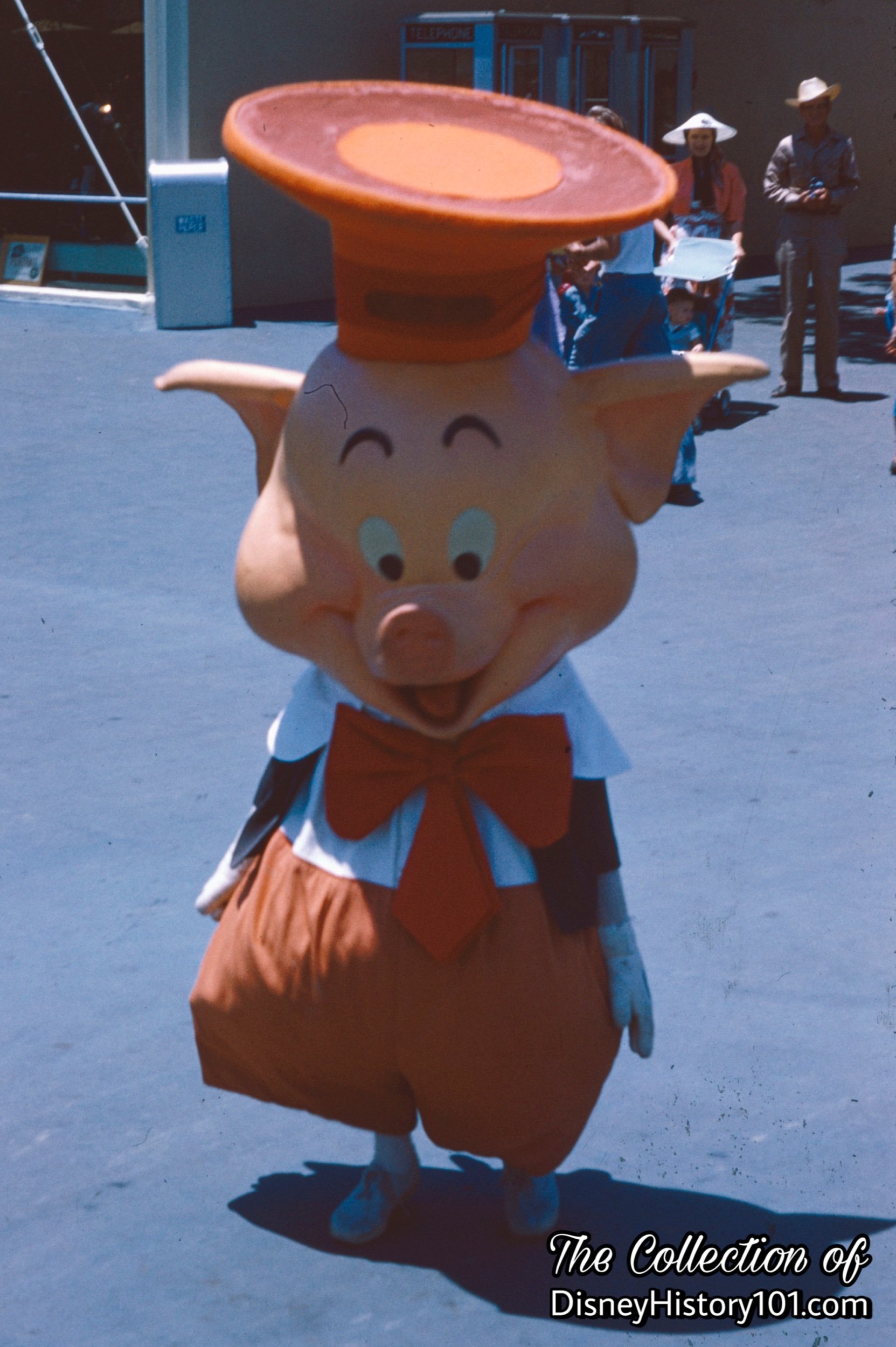
CHICKEN PLANTATION RESTAURANT
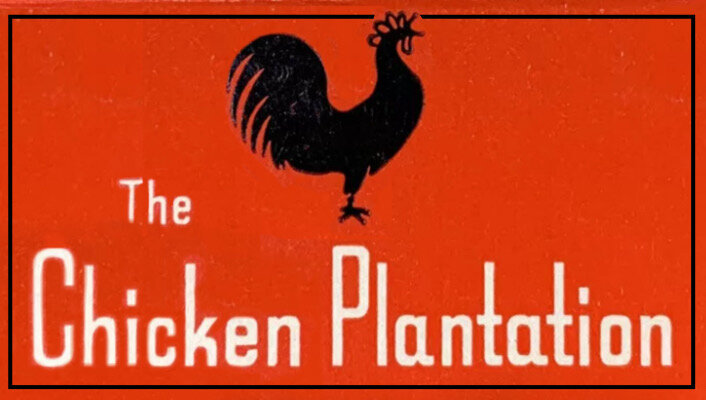
According to “THE DISNEY THEME SHOW - an introduction to the art of Disney outdoor entertainment: Volume II”: Of all the guests’ senses that come into play at Disneyland, the most difficult response to predict was taste. If 70,000 guests were to arrive on a single day, there would probably be 70,000 different ideas about food. Generally speaking, Disneyland food locations fall into three categories - sit-down restaurant service, “buffeteria,” and fast-food categories. The most extensive theming has always been found in the sit-down restaurant locations but all locations were housed in authentically motified facilities.
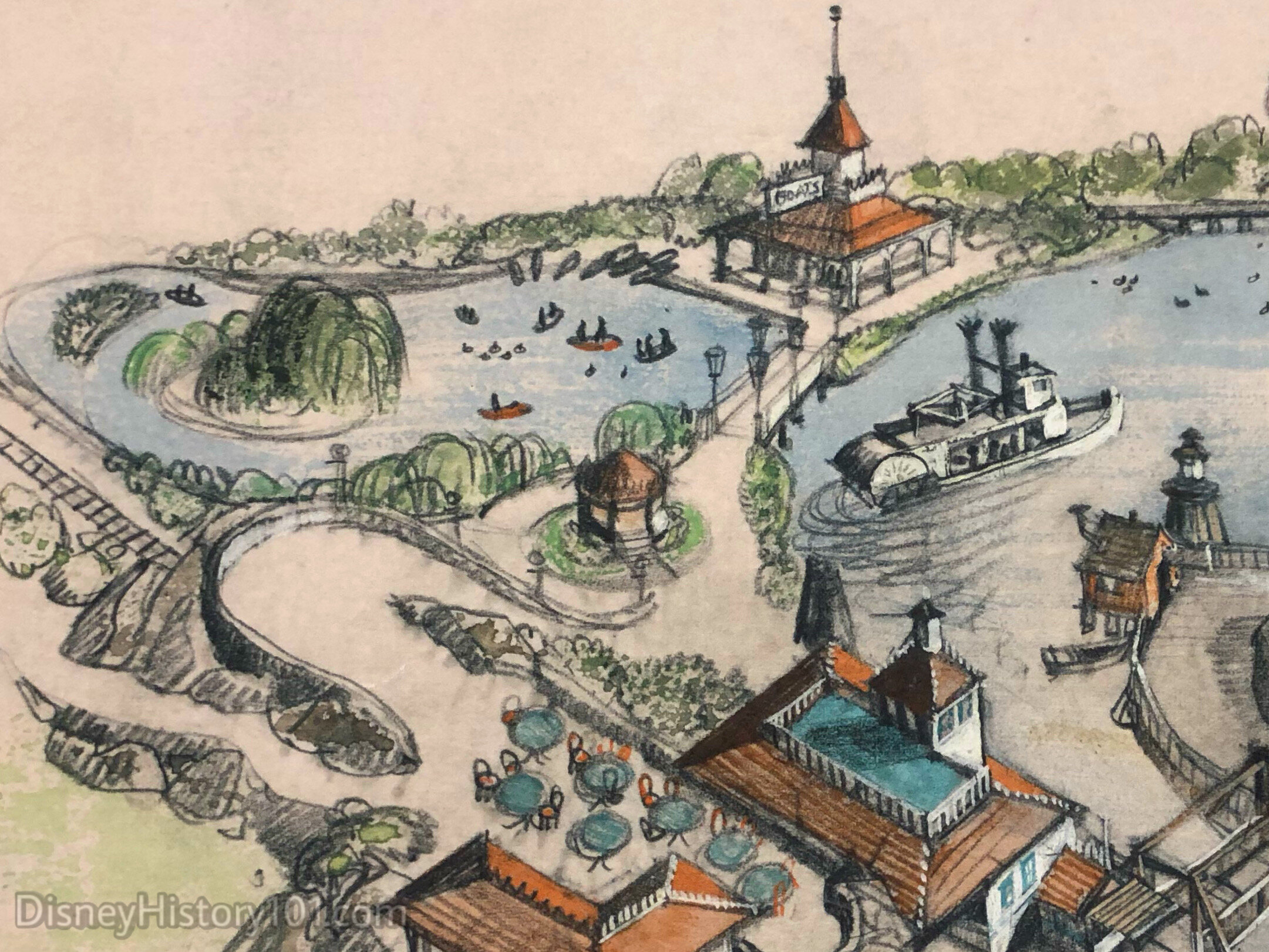
Early thumbnail sketches and other concept artwork of Mickey Mouse Park seemed to be unencumbered by restrictions of budget, schedule or the laws of nature and physics. Though guided by Walt, his artists appeared to engage in “free-thinking,” as if implementing the modern “Blue Sky” Imagineering process. Some of the earliest concepts of a “Mickey Mouse Park” (which was to be located on a 11-acre triangular plot across from Walt Disney Studios in Burbank) featured a riverside restaurant from where one could watch the river traffic while dining (pictured above). Some of these viable project Concepts (as this), were supported by a well-developed business case and built expectation.
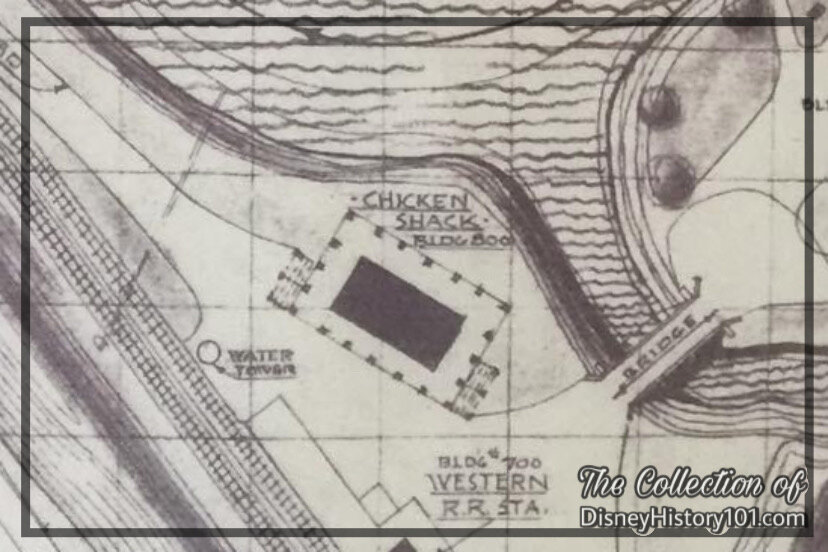
Early Frontierland concepts originally had a New Orleans Area in the character of New Orleans during the period up to the Civil War. Though anything resembling this concept seems to have been absent in Herb Ryman’s Aerial over Disneyland (originally produced September 26 & 27, 1953) that little “Chicken Shack” soon appeared in Marvin Davis’ c. 1954 Plot Plan (pictured above). Like some advanced “High Concept,” final designs were quickly generated and approved.
”Participant Sponsorship”
Meanwhile, Walt furthered the search for Participants who would lease shop and restaurant spaces at Disneyland. Such Disneyland Participants would help generate the necessary capital to fund construction and future growth of Disneyland. In a synergistic relationship, the companies (in turn) could sell their products and advertise their corporate names in the Park. Disneyland Participant Corporate Sponsors were carefully selected. High quality, long term corporate sponsors would provide incremental income that enabled Disneyland to enhance its show and attractions, offset some operating expenses, and capitalize on marketing opportunities.
“55er” Rima Bruce (who started with Jim D'Arcy in Food when all food was Lessee and typed memos and menus) recalled that “the phone never stopped ringing with everybody trying to get a food lease in the Park.“ Individuals like Nat Wyncoff provided the essential orientation for curious lessees, selling them on the idea of Disneyland using various visual aids like sketches and one of Herb Ryman’s oil paintings of Disneyland.
Soon, “a cross-section of American industry…[was] represented in Disneyland. Each of these companies… [would expose] its institutional advertising and public relations message to Disneyland guests through various forms of participating exhibits and displays. In each case, the exhibit… [was be] related to the theme of the ‘land’ in which it is located, and is woven into the overall concepts and themes of Disneyland”, according to “Disneyland, U.S.A.”, published 1958. Several of these “reliable old firms” sponsored the “abundance of restaurants devoted to pleasing all tastes and all budgets,” according to “The Story of Disneyland”, published 1955. A prime example was the Chicken Plantation House, operated by the Red Wagon Company!
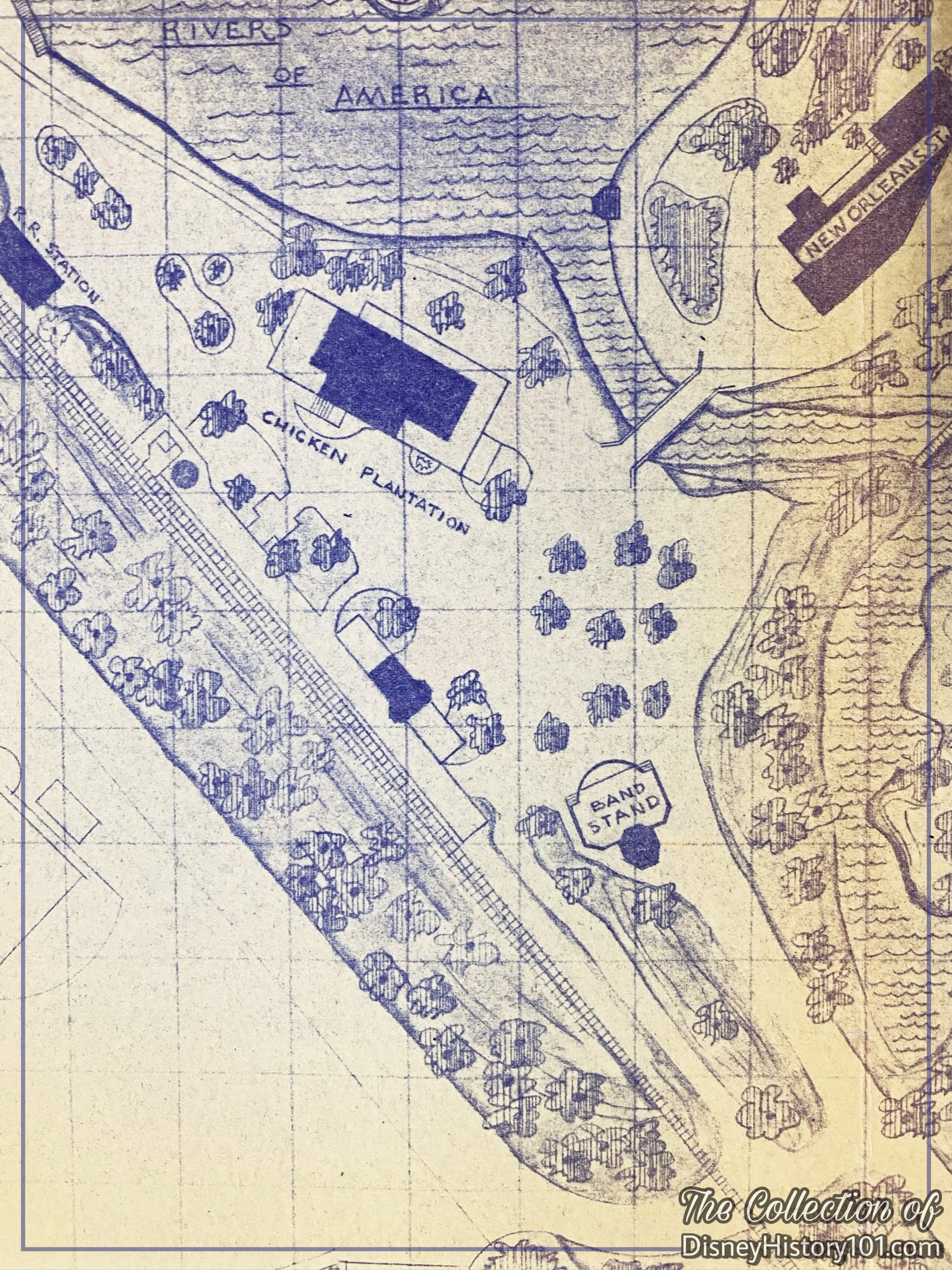
“Design & Construction”
Next, architectural drawings helped define all designs, production and construction strategies, costs, schedule, and resource requirements. F.M. Franz, manager of operations for McNeil Construction expressed: "We feel sure there has never been anything built like this in Southern California, or elsewhere in the United States. Many of the items were constructed from artist’s sketches.”
The Chicken Plantation House was designed and constructed as a two story, wood frame-stucco restaurant building with a dining room, kitchen, storage room, two 2-fixture lavatories on the ground floor, a dining room, kitchenette, and a dressing room. Guest Services and Accommodations included restrooms with three lavatories with 8-fixtures in the rear of the Plantation House on the second floor, and telephones in the rear of Plantation House.
The structure was built atop a concrete foundation and floor slab, with wood shingle and roll composition roof, interior walls and ceilings of painted plaster except in the upstairs dining room which was wood paneled. The 3,492 square feet of floors were composed of asphalt tile. There was a covered 1,084 square foot balcony. About 1958, the entire facility was appraised and valued at approximately $37,250.00.
According to inserts published in area newspapers during July of 1955, Disney buildings were roofed by Pioneer Roof & Shingle Company (then located at 608 Mateo Street, Los Angeles, California; 7522 Westminster Avenue, Westminster, California).
As of June 2, 1955, C.V. Wood Jr. sent an Inter-Office Memorandum to Walt Disney regarding the best estimates that could be obtained at the time regarding the completion status of individual sections of the Park and Opening Day. C.V. wrote: “Plantation Restaurant: This one will be very close. They have an excellent chance of making it if they are not held up on procurement of fixtures and equipment.”
Chicken Plantation House was predicted to serve a capacity of 450 guests per hour, contribute to accommodating“15,000 persons daily, hitting a peak of 60,000 o holidays and week-ends…” and one of “twenty restaurants and snack bars, capable of saving 8,000 hourly,” at least according to “Building A Dream” (prepared by the Disneyland, Inc. Public Relations Department). Later, in 1958, Bank of America appraisers figured of the total income of Disneyland Inc. was received from such leases, 16.02% was derived from the selling of advertising rights and 40.12% from the leasing of space to concerns whose main reason for occupancy is for advertising purposes. The remaining 43.86% of the lease income was derived from stores that sell various products and food.
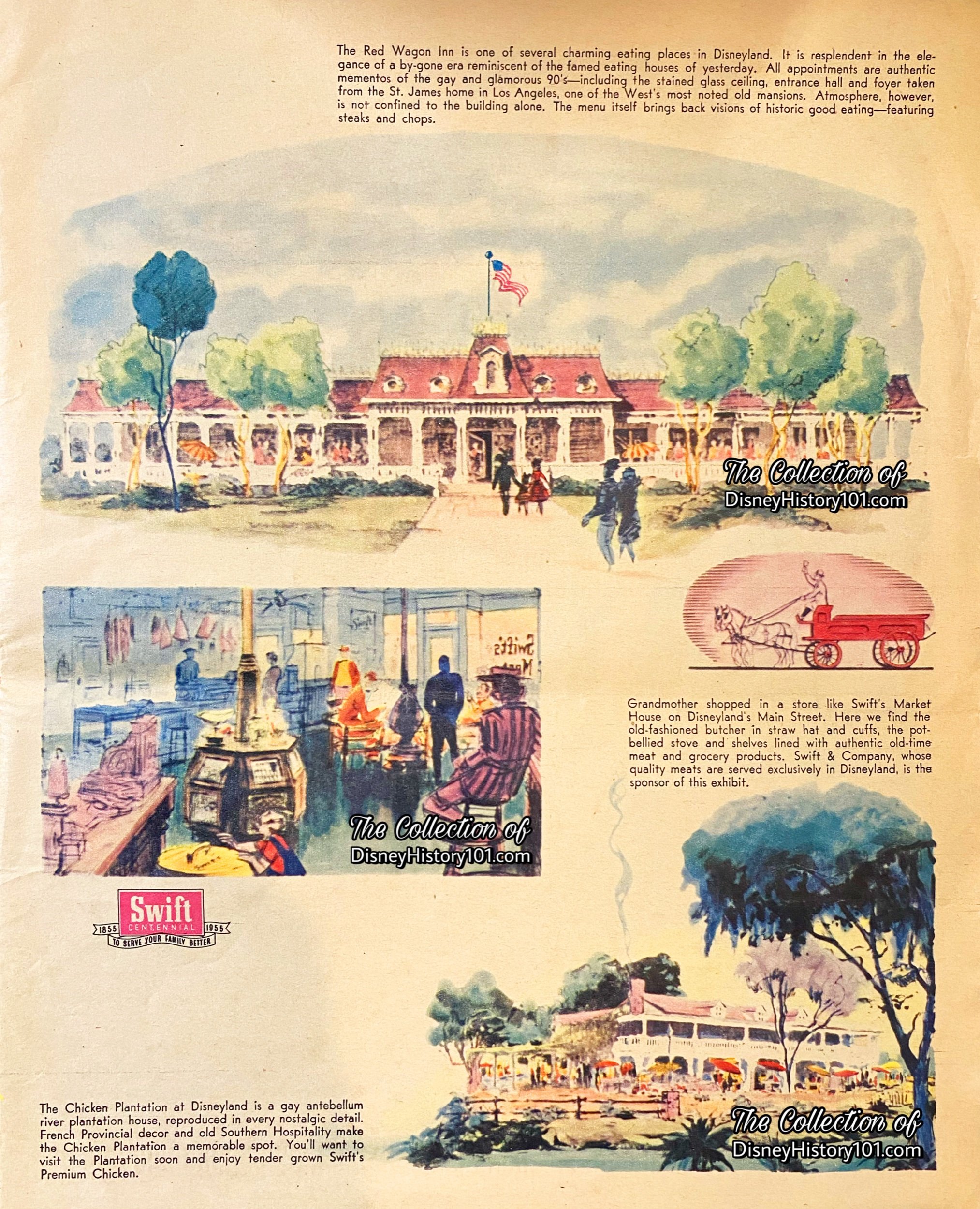
On July 17th, 1955 (otherwise known as Disneyland’s Press Day), the Chicken Plantation table service restaurant was draped in the same patriotic bunting and banners that decorated the Mark Twain. The reason was that the Chicken Plantation House was to first be utilized as a Stage for an elaborate New Orleans-inspired dance number (before the eyes of both guests and Staff) to the melodies of the Firehouse Five Plus Two. Some of these things are preserved through Opening Day documentation.
Then, the 1,756 square foot restaurant opened its doors, and Disneyland “made arrangements for food and refreshments” for the members of the Press (and their family) at their choice of one of three restaurants (one of which was “Swift’s Chicken Plantation in Frontierland”). After dining, Complimentary cards were presented to the Chicken Plantation cashier after their meals.
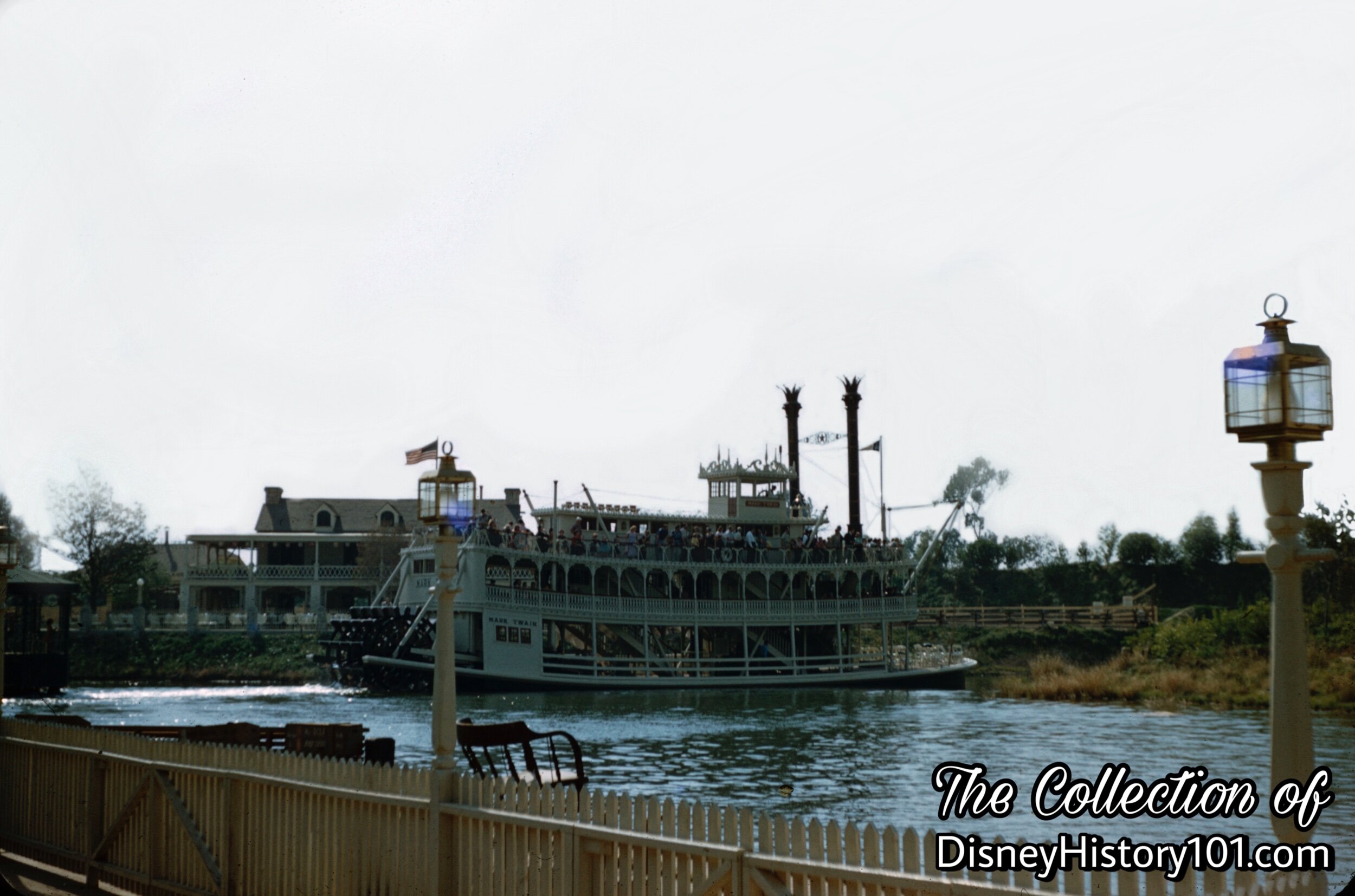
Soon, the Mark Twain Steamboat would pass Swift’s Chicken Plantation House Restaurant before heading deep into “Frontier” territory. While we wait our turn at the Frontierland Dock, the sound of Dixieland and smell of Fried Chicken and Swift’s Premium Brown ‘n Serve Sausage is carried on the warm summer air, making its way across the water to our location!
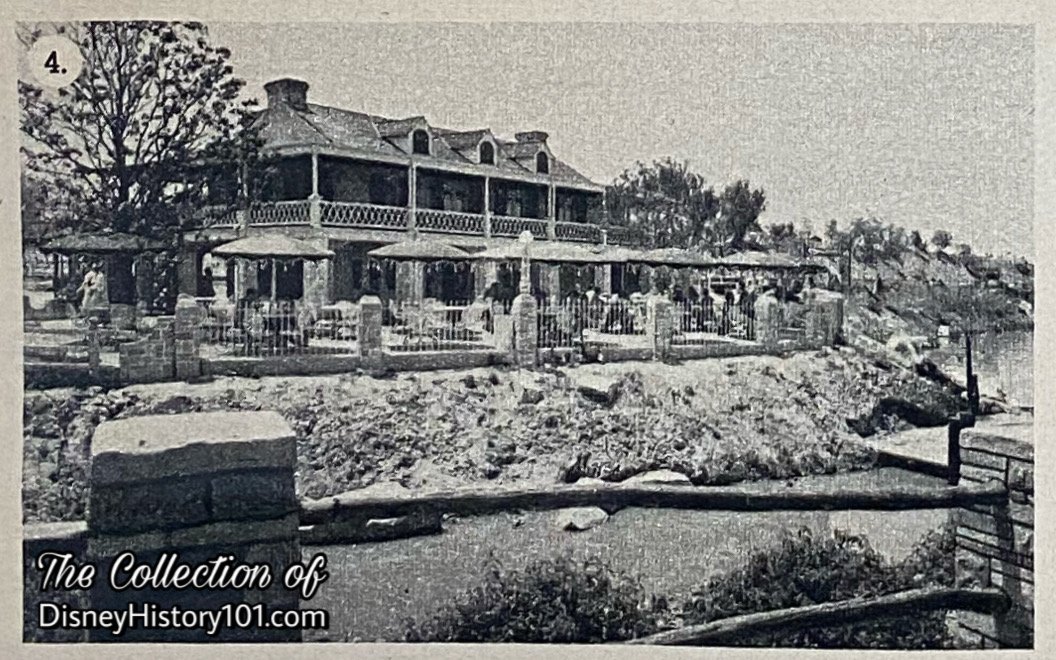
“The Plantation Building does double duty. The side facing the river has the wide verandas, grille-work and graceful construction of early century New Orleans.”
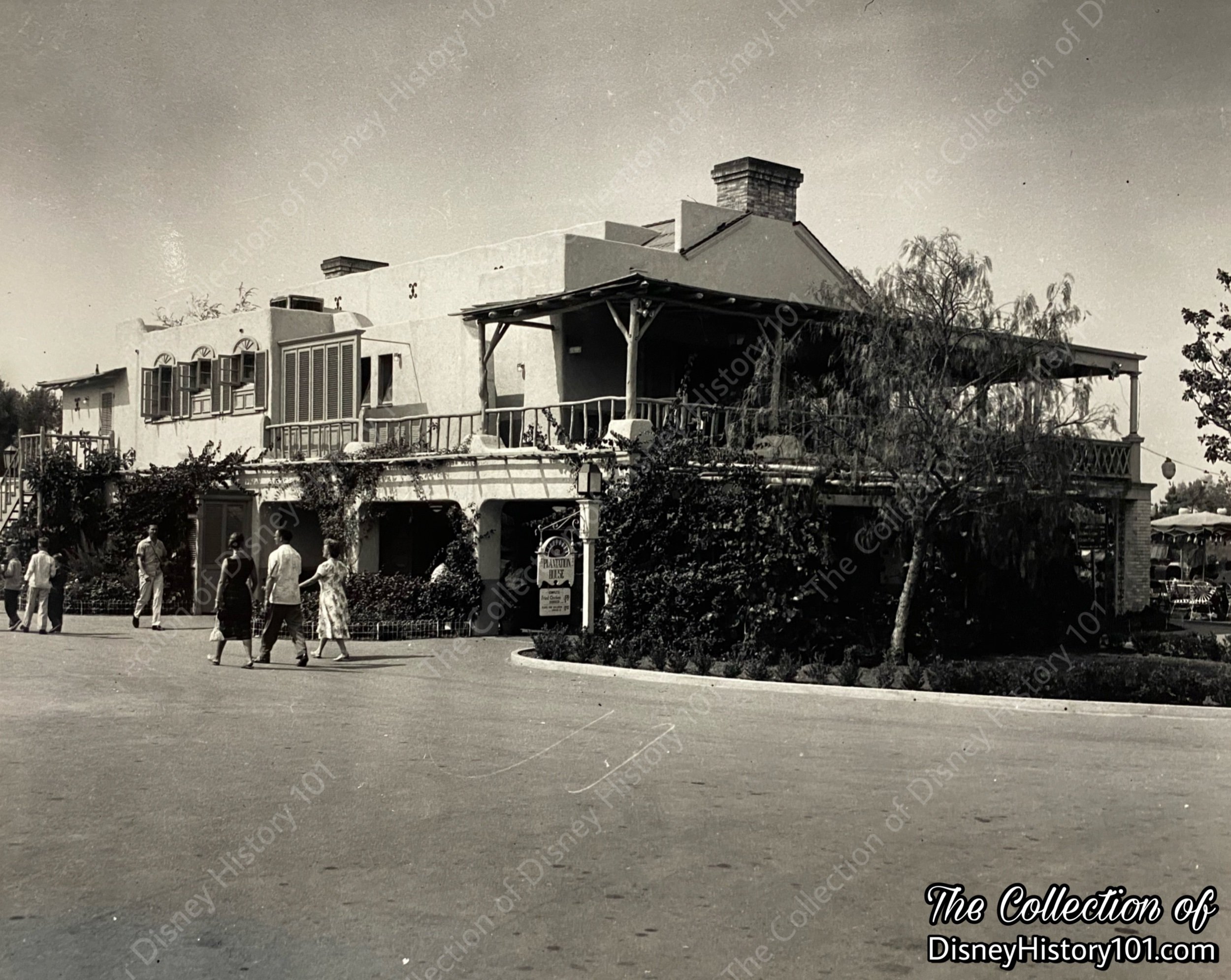
According to newspaper inserts published July 15, 1955: “The side facing the river has the wide verandas, grille-work and graceful construction of early century New Orleans, But the opposite, side of the building faces a scene from the old southwest - a stage' coach and a railroad station from America's colorful ‘Iron Horse’ era. This side of the restaurant has an adobe motif.”

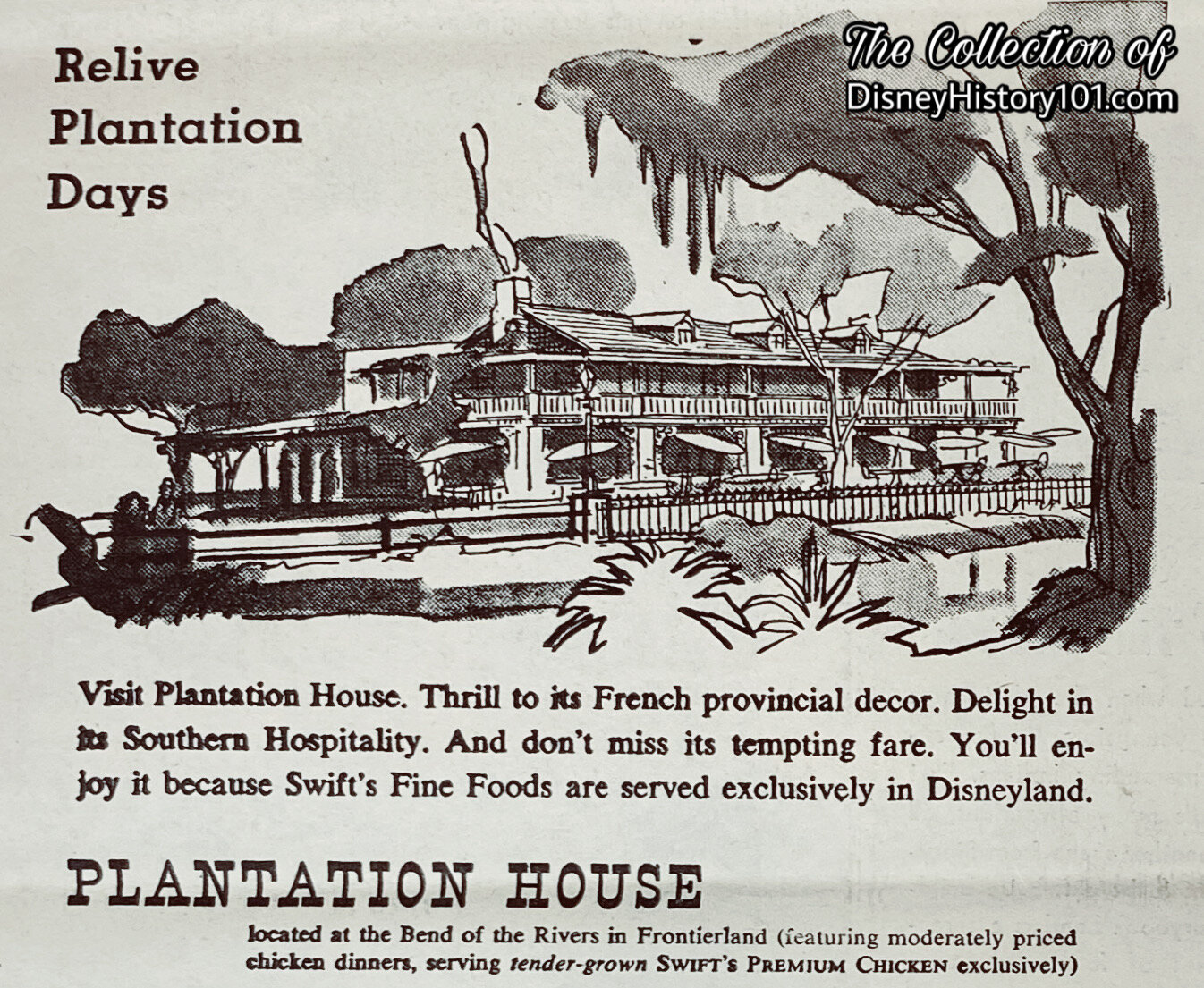
“Across the Bridge…”
Yes, “across a wooden footbridge at the River’s bend the visitor sees Magnolia Park, a shady restful place reminiscent of the spacious grounds of an ante-bellum south Plantation”, according to Disneyland News (June, 1956). Within this Park is found a choice place to “dine at Disneyland,” with a little Southern hospitality! You’ll note the atmosphere is delightful, provincial, and gay, while you find yourself surrounded by the French-antebellum decor of the Plantation House. The same publication continues : “The stately structure offers diners on two floors, both inside and outside on patio and balcony. Outside tables give guests at the water’s edge a closeup second deck level view of the sternwheeler Mark Twain as the giant craft churns matter-of-factly past, only yards from diners’ tables. Service here, too, is informal cafeteria style and the dinners include all the components at one price. Children’s portions are available.”
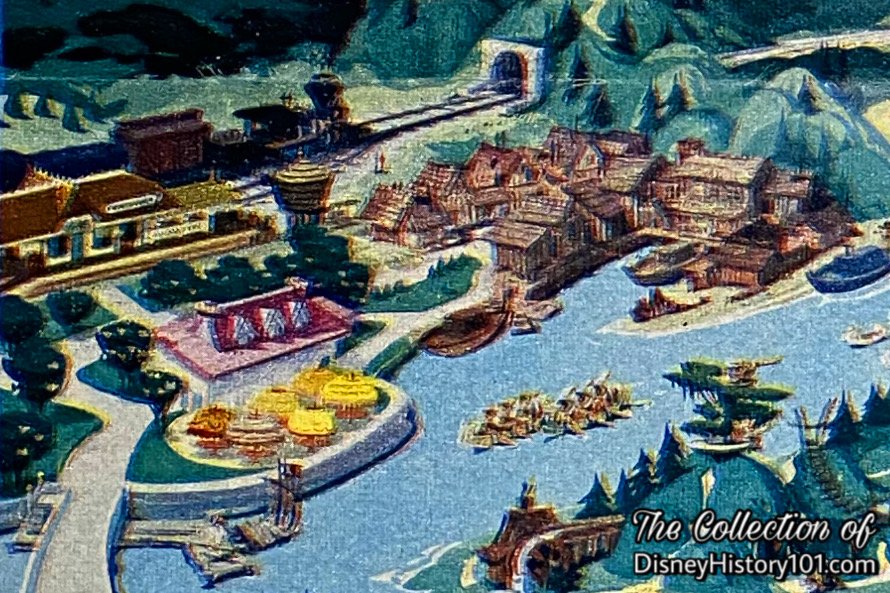
The structure was so photogenic, that it was occasionally utilized as a backdrop for photographs used for press-related materials or publication. Actress Spring Byington (of “December Bride) and child actor Bobby Diamond (of “Fury”) were photographed enjoying lunch here for their 1956 “TV Radio Mirror” photoshoot at Disneyland! During December of 1956, Swift’s Chicken Plantation Restaurant hosted the “Junior Ambassadors of the United States and Disneyland” (more than 30 boys and girls from foreign nations), providing “full-course fried chicken” meals.

The Chicken Plantation House was operated by the Red Wagon Company, which also operated the Red Wagon Inn, Swift Market House, and the Snack Bar in Holidayland ( the latter under the supervision of Myrt Westering). As for Chicken Plantation House’s cuisine - enjoy tempting tender-grown Swift’s Premium Complete Fried Chicken Dinners $1.70, and Children’s Dinners started at $1.00. Yes, guests enjoyed tempting tender-grown southern-style Swift’s Premium Chicken dinners served from Swift’s Chicken Plantation House Restaurant. Customers received “dinners at a serving counter” and could “eat at umbrella-covered tables on the river bank or at tables on a patio.”
In a move of corporate synergy, the Chicken Plantation was one of 16 Disneyland “eating places” which featured “fine food with fine coffee - Maxwell House,” from 1955 to 1957! Carnation Farms would also serve this and 14 other wholesale customers who operated restaurants and snack bars in Disneyland.
Early notable Guests include the members of the “National Association of Amusement Parks, Pools, and Beaches”, which Disneyland hosted from September 18-20 (Tuesday through Thursday), of 1956. On Wednesday (the 18th), “a welcome luncheon was given for the visitors at the Plantation in Disneyland’s Frontier,” and notable enough to be mentioned in The Billboard (of Chicago), published for September 29, 1956.
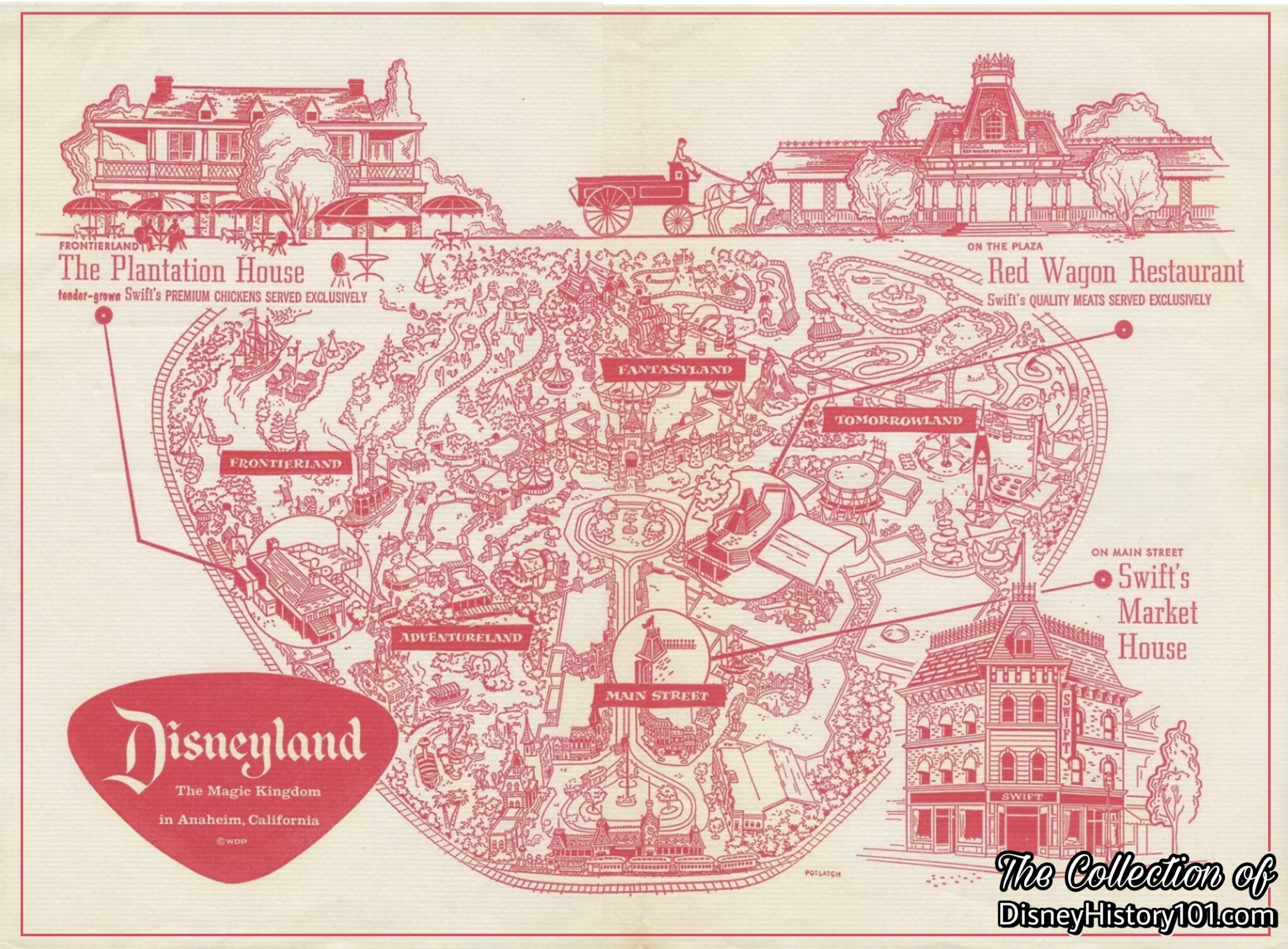
Artwork (bearing the other Swift’s Disneyland locations) could also be found on Food Service Trays. You may remember enjoying this art so much, and taking home one of the souvenir menus or paper placemats which featured the same graphics.
Other souvenirs included those complimentary toothpicks (in sealed paper packaging), and matchbooks advertising Disneyland restaurants were a common sight (especially during the years that the Tobacco Shop was a fixture on Main Street U.S.A.). This was especially commonplace during the later years that Disneyland owned and operated the Tobacco Shop.
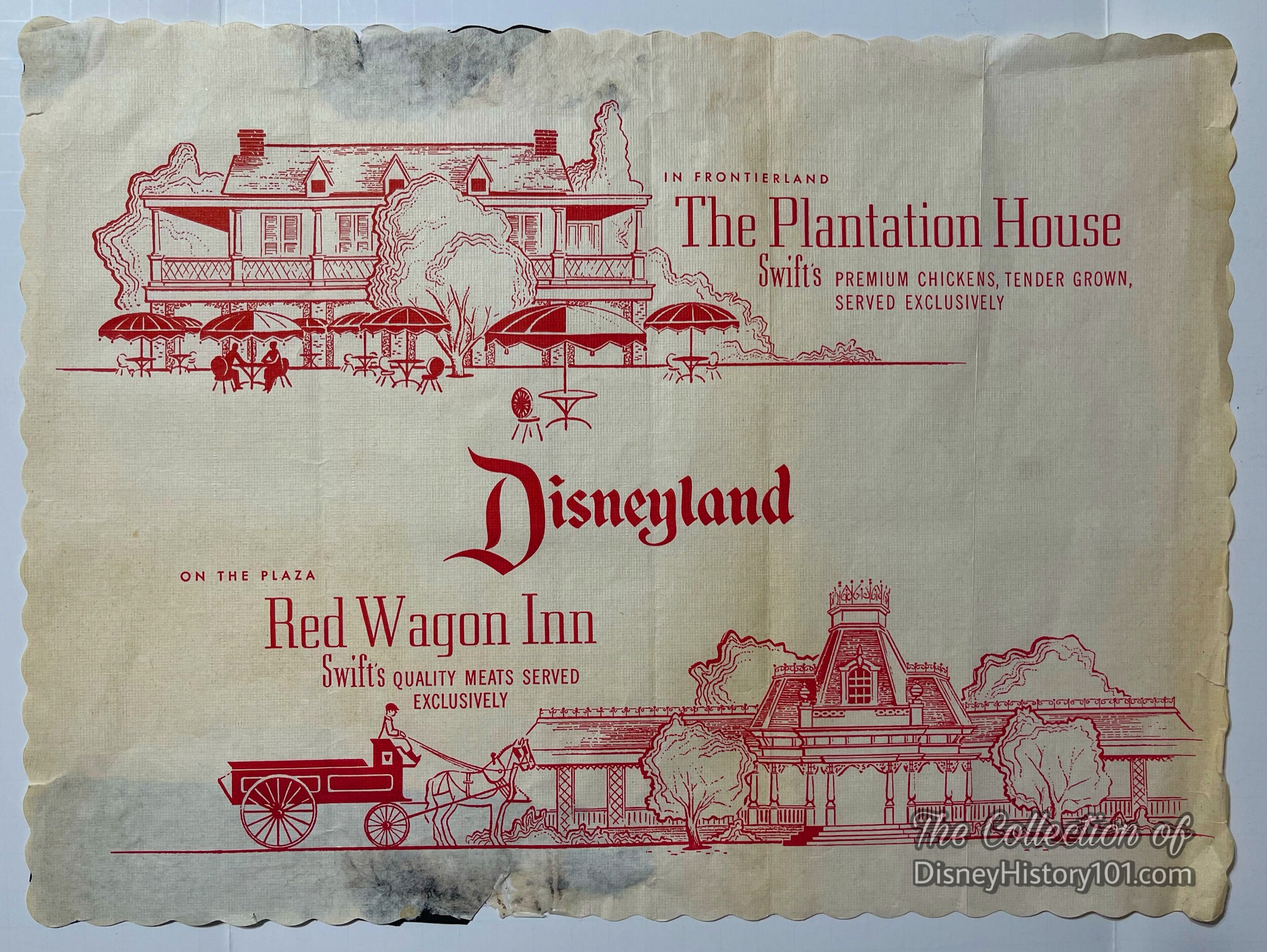
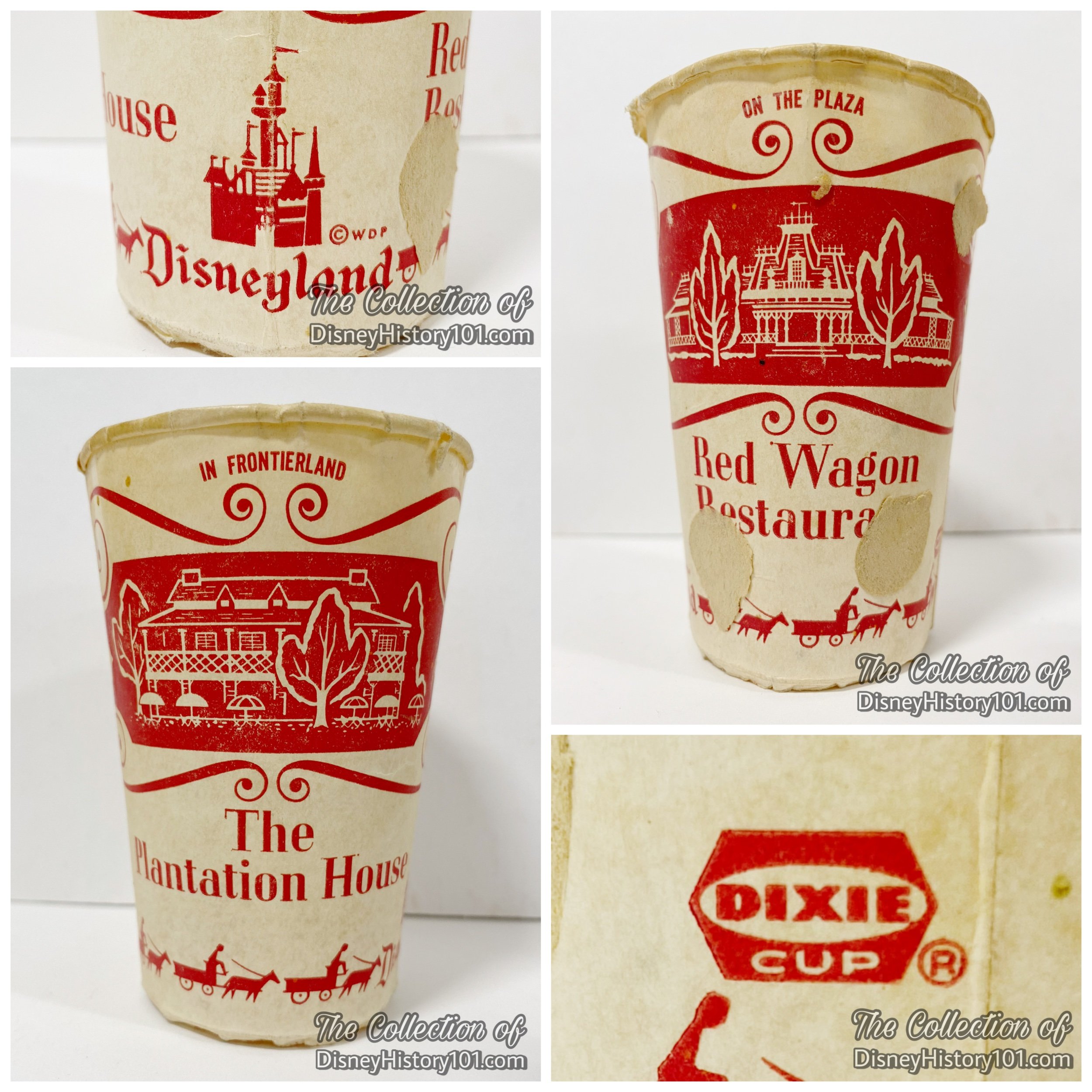
The DIXIE CUP division of the American Can Company opened the doors of their Anaheim facility in 1952. The neighboring business came to be located at 901 E. South St., Anaheim, Cal. With a staff of nearly two hundred people under the direction of J.D. Mitchell, the center operated as a manufacturing and distribution point for their product quality paper cups to seven of the Western States.
The business partnership between Disneyland, Inc. and the Dixie Cup Company was profitable. By September of 1958, the Dixie Cup Company was contributing a routine portion of accounts receivable to Disneyland, Inc.
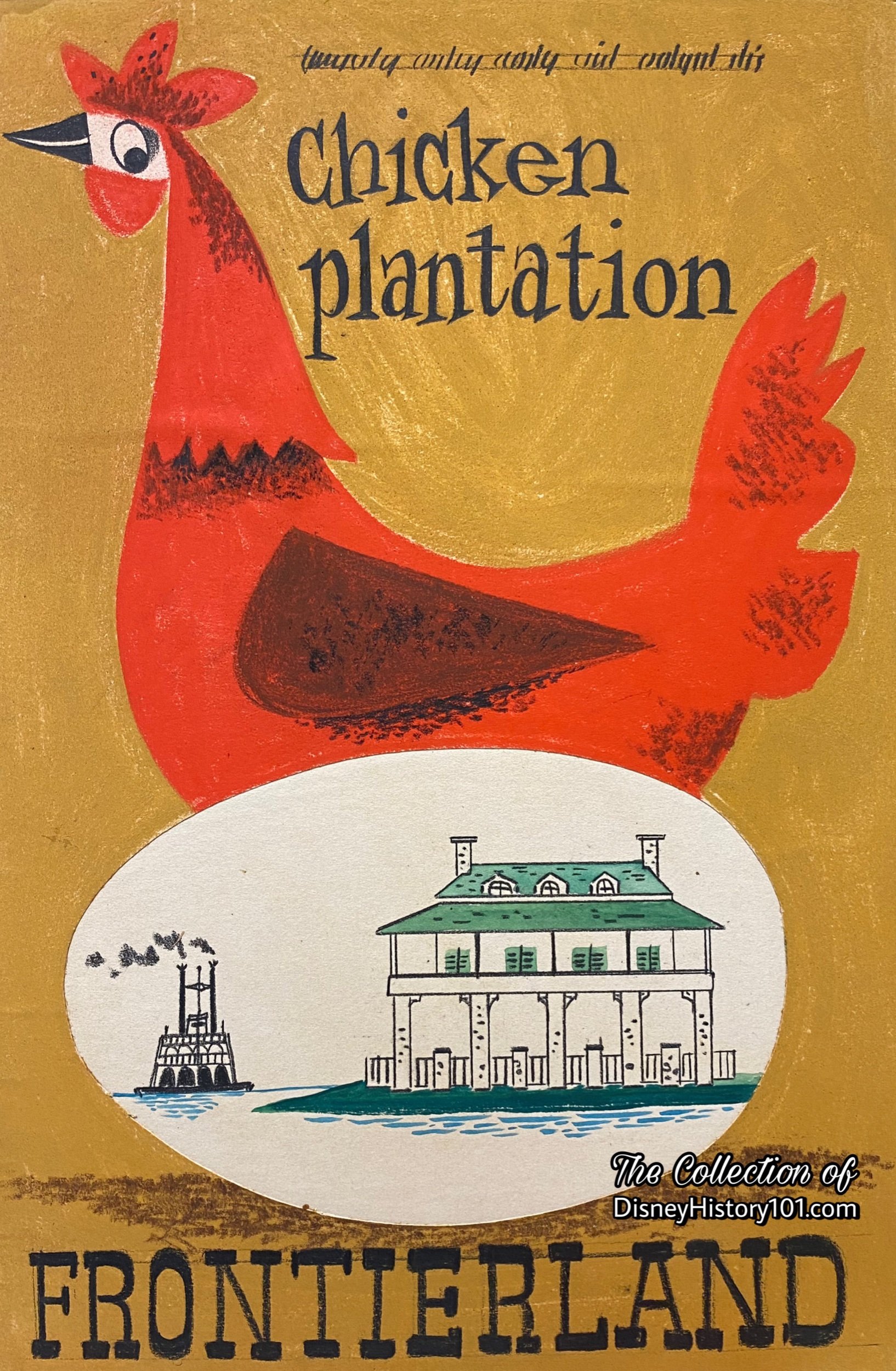
According to “Disneyland Attraction Posters: 40 Years of Visual Adventure” by Margaret Shumate, published in Walt Disney Collector Society “Sketches” periodical: “With his usual attention to every detail of his beloved park, Walt Disney personally reviewed and approved each finished piece of poster art until his death in 1966.”
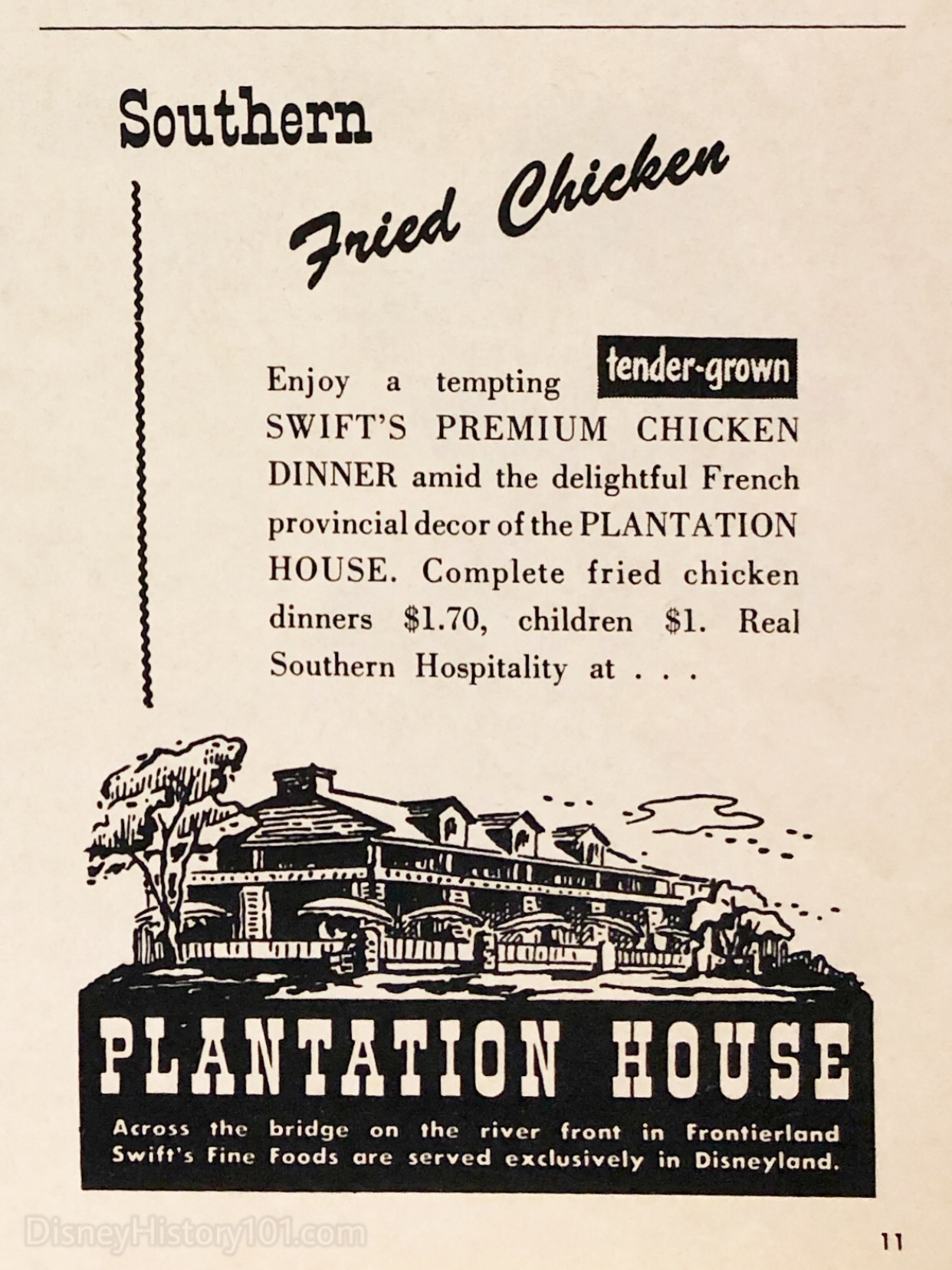
These could be enjoyed during the daytime or even during Date Nites (perhaps beginning around the Summer of 1961) while The Arvon Dale Orchestra performed nearby!
By the summer of 1957, Complete Fried Chicken Dinners and all the southern hospitality cost $1.70 for adults and $1.00 for children. Members of Disneyland Operations regularly held meetings at the Chicken Plantation Restaurant. For instance, the Holiday Land Picnic Committee held a meeting here Wednesday, April 10th, 1957, to discuss “problems of operations and sales.” [Disneylander, May of 1957, page 8] Decades later, Dick Nunis (in response to inquiry about his favorite part of Disneyland which is no longer there) shared : “I miss the old Chicken Plantation where I spent many Sundays sitting with Walt talking about the future of Disneyland. I remember one day the Mark Twain was coming around the bend, a Keel Boat was coming in, a Keel Boat was leaving, two rafts were crossing the River, two Indian War Canoes were racing each other, and Walt said, ‘Look at that, that’s a great show. What we need is another boat. And that’s when we decided to build the Sailing Ship Columbia.” (according to Disneyland LINE, Vol.25, No.28, published July 16th, 1993)
As a sidelight, by October 1959, Jim Baker (of Merchandising) was overseeing the Disneyland Food Administration and Souvenir Sales. By October of 1959, the company was (1) of over sixty-eight other firms playing a vital part in the team effort to bring happiness to Disneyland’s Guests. Some were small, specialized individual operators; some were huge companies such as Swift & Co. - the Bank of America - United Paramount Theaters (which you hear as UPT) - Carnation - Richfield - General Dynamics - Crane - and many others. These companies used the park to publicize their wares, leased space in the Park to sell their wares, and Disneyland collected advertising fees from them.
By 1960, Disneyland wasn’t the only theme park with a Chicken Plantation Restaurant. Freedomland had a Chicken Plantation Restaurant sponsored by J. D. Jewell, Inc.
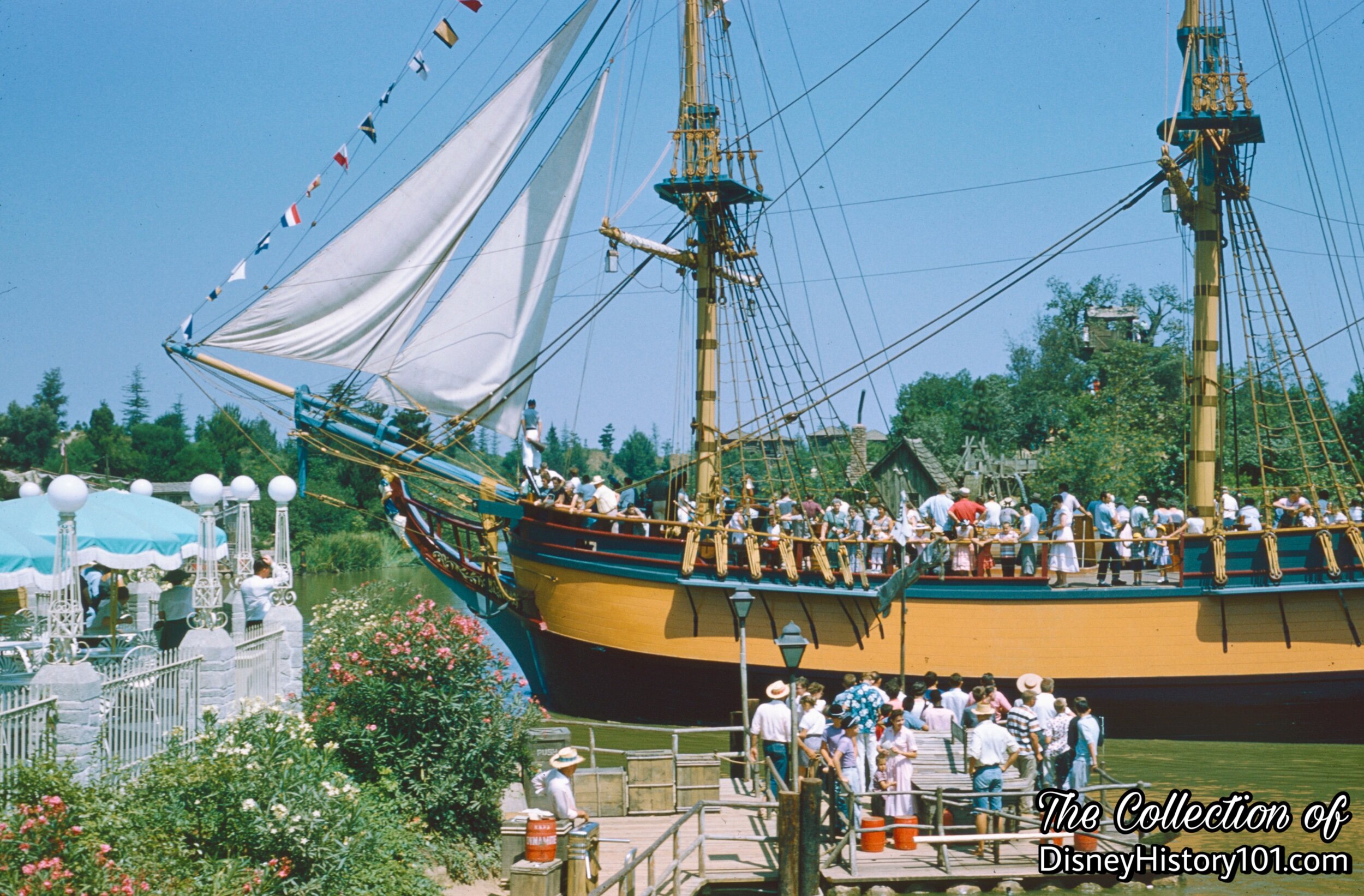
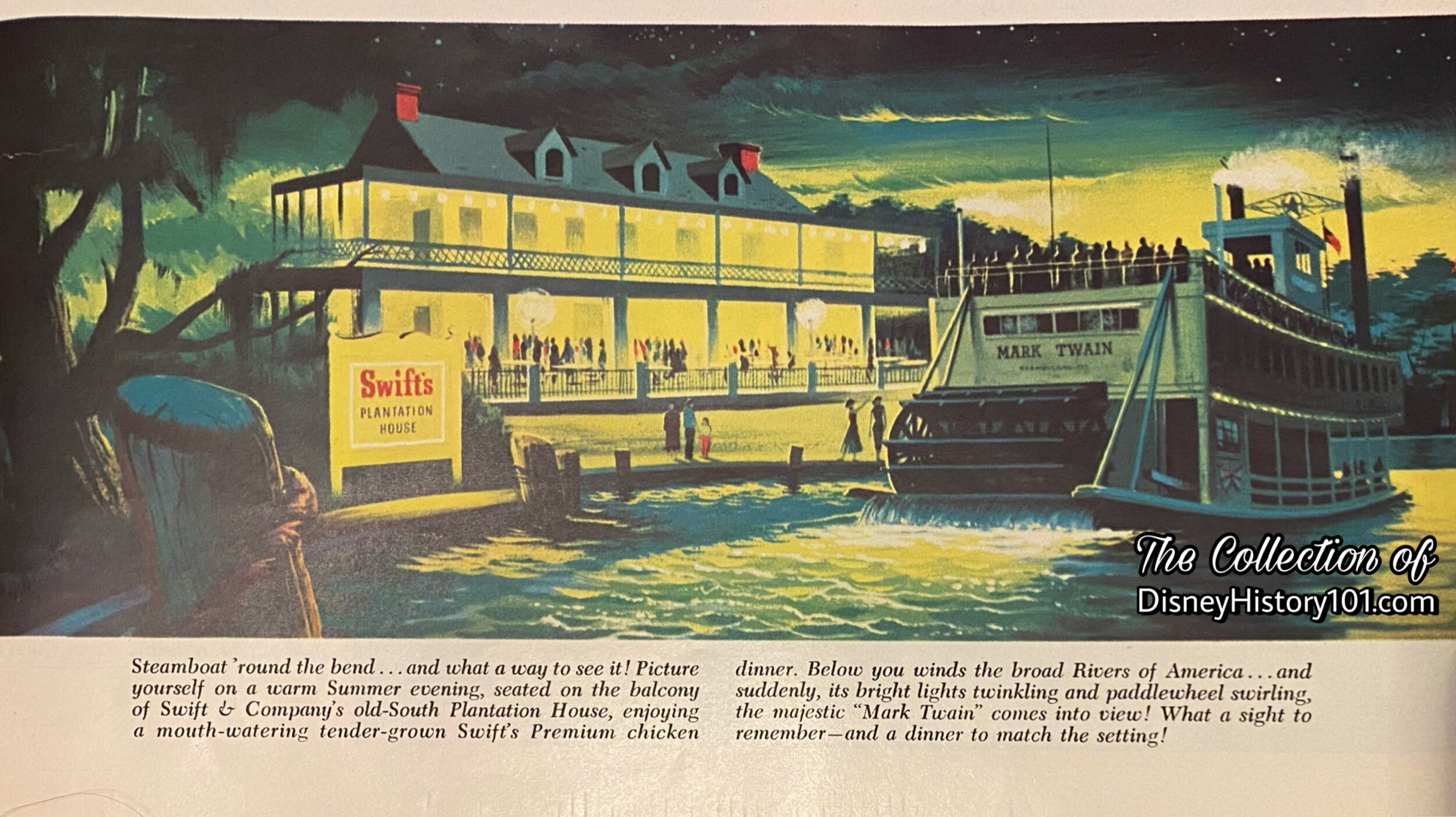
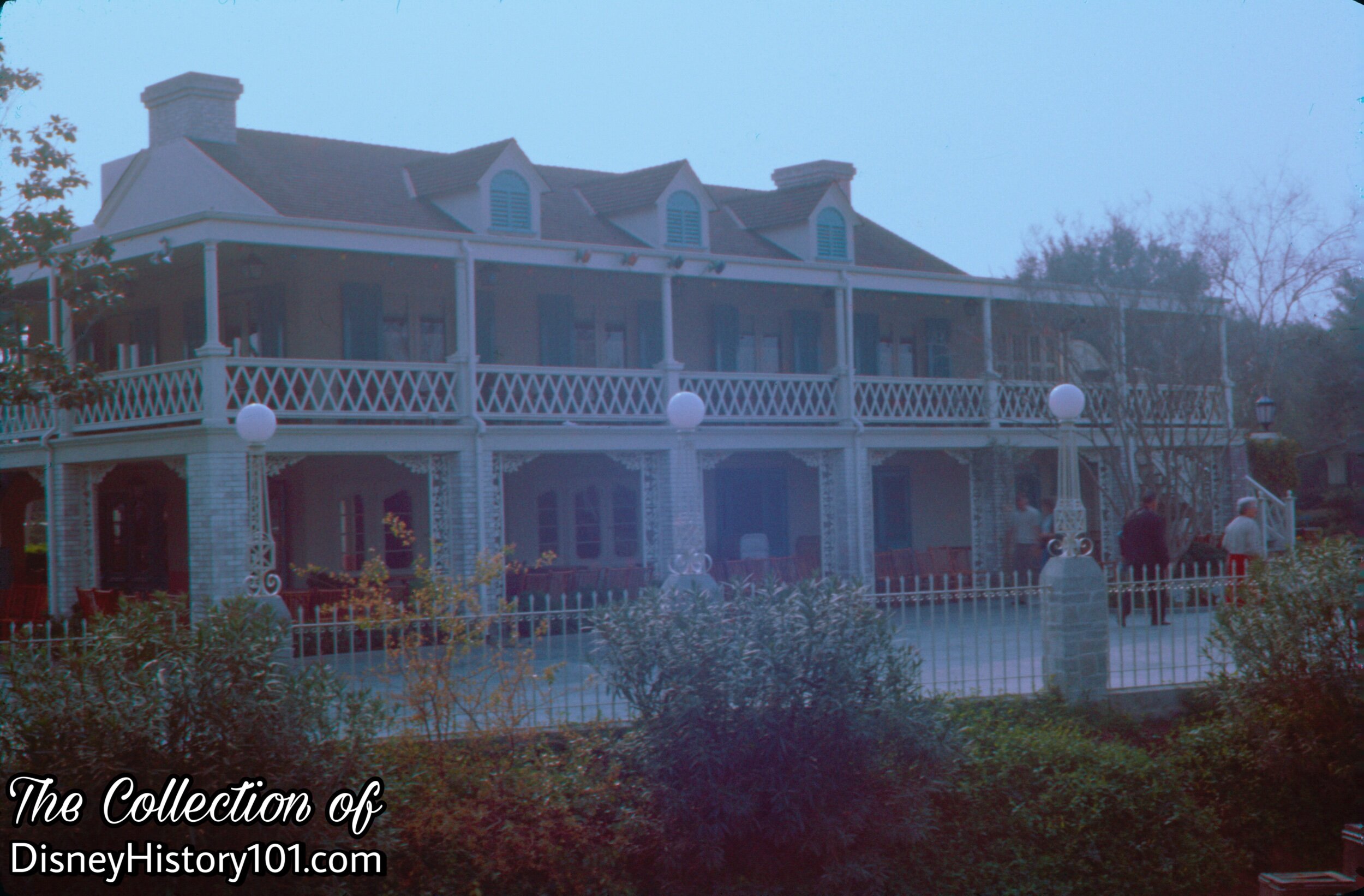
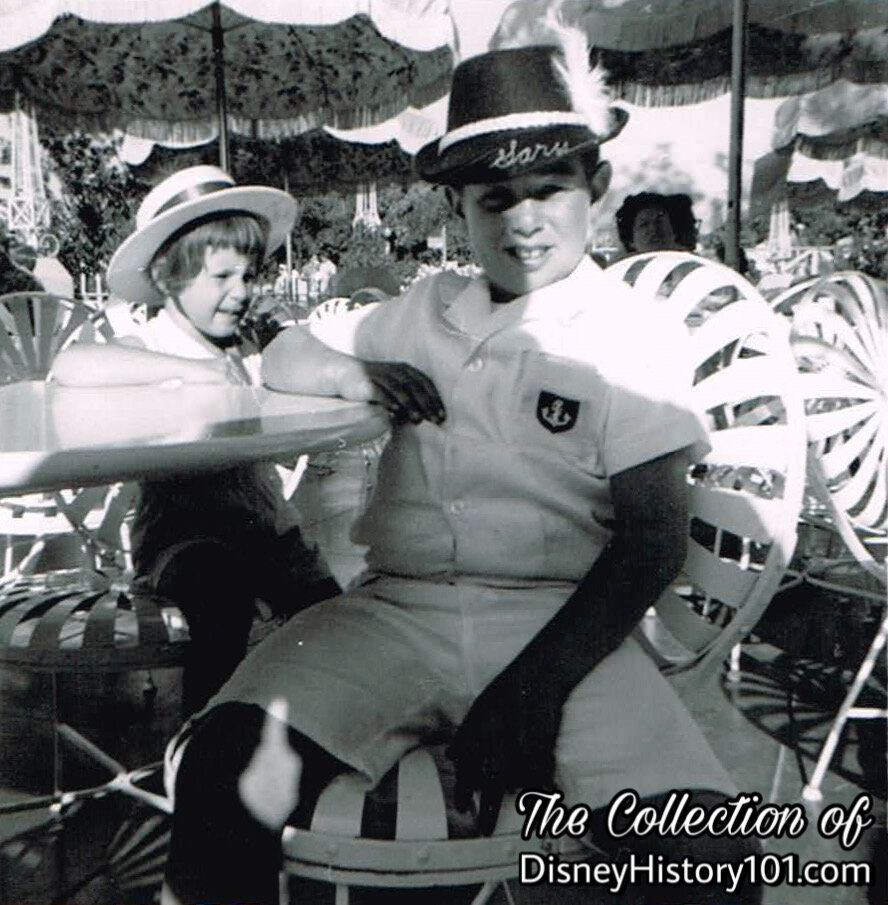
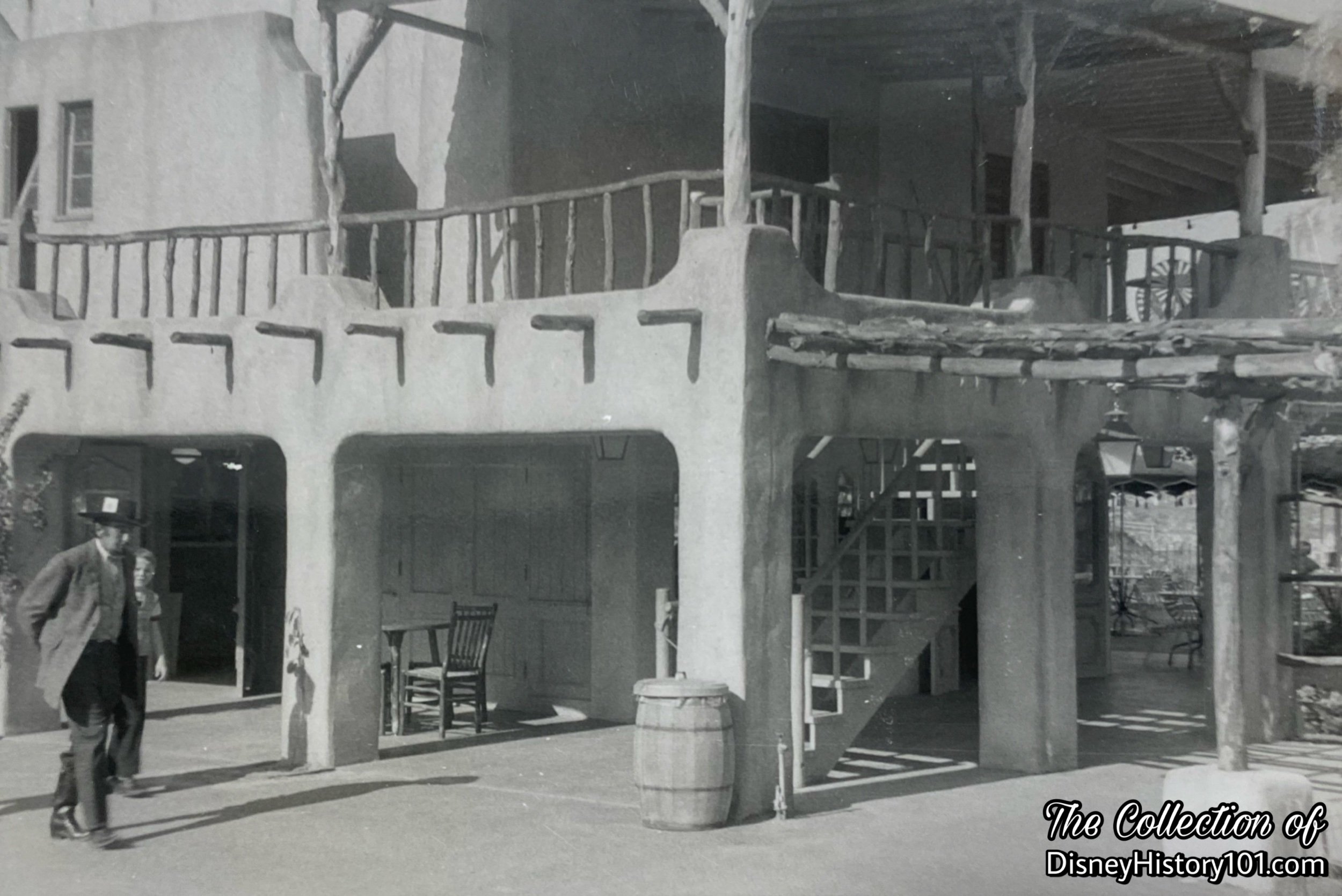
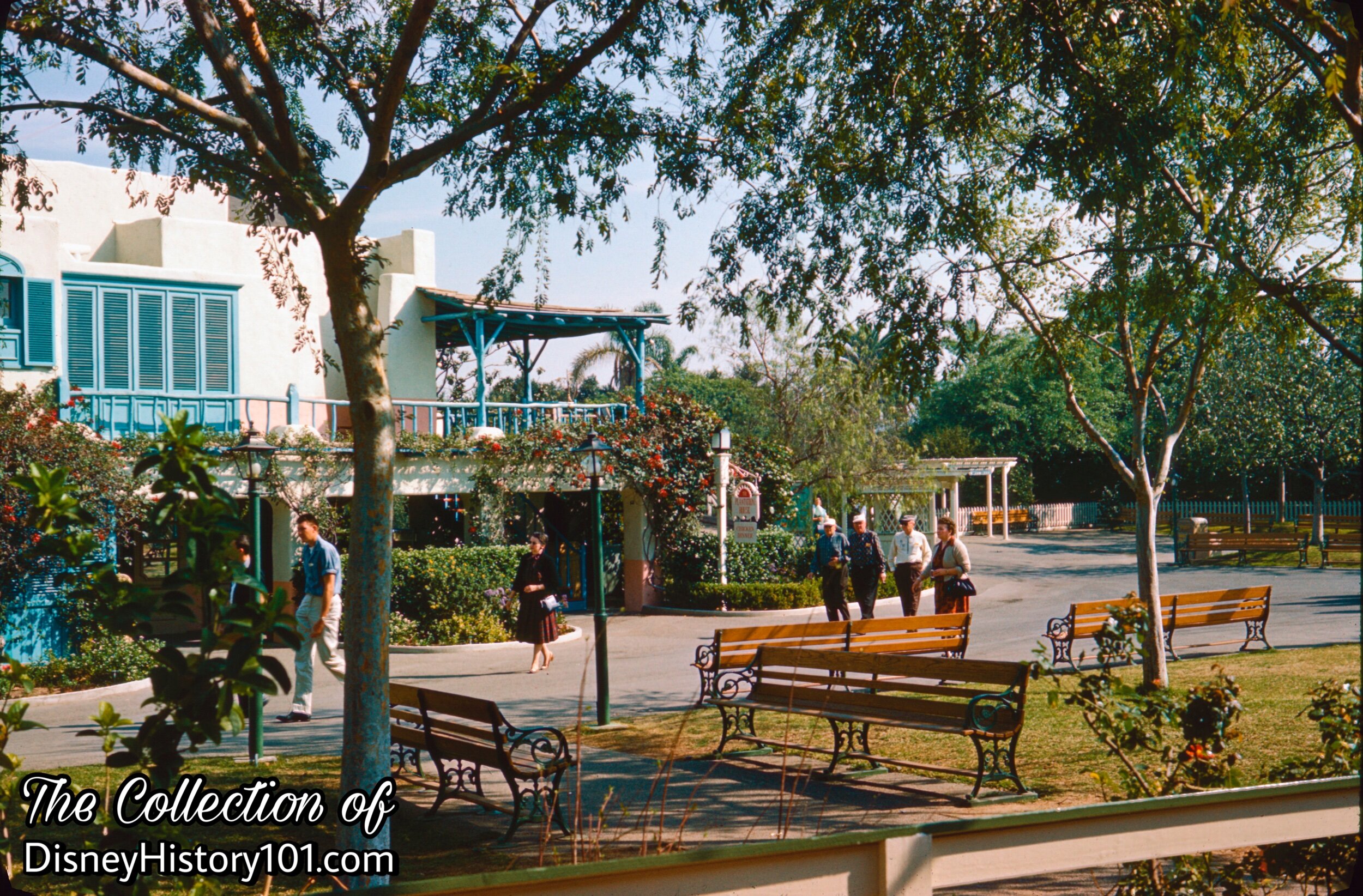
This was the view from Frontierland Station (located behind the Chicken Plantation). The park-like setting provided a picturesque slice of Frontierland for guests to relax and enjoy the tempting scent of fried chicken dinners.
The synergistic relationship between the institutional lessee and Disneyland was beneficial. Swift and Company and the Plantation House yielded some revenue for Disneyland Inc. - $24,058 for the fiscal year ending September 29, 1957 and $21,950 for the fiscal year ending September 28, 1958. By September 28, 1958, Disneyland, Inc. made approximately $114,162.00 of land improvements to the Chicken Plantation.
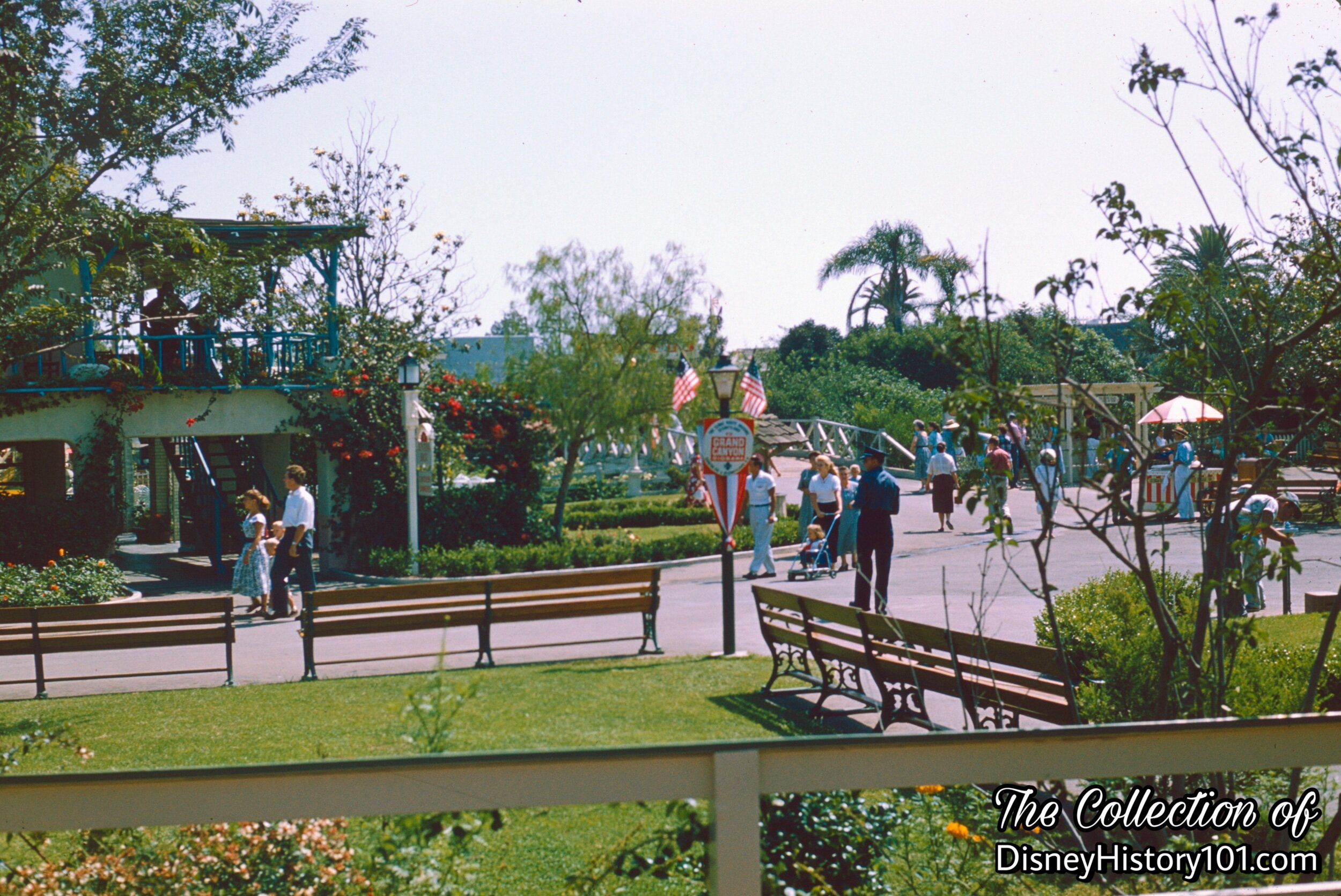
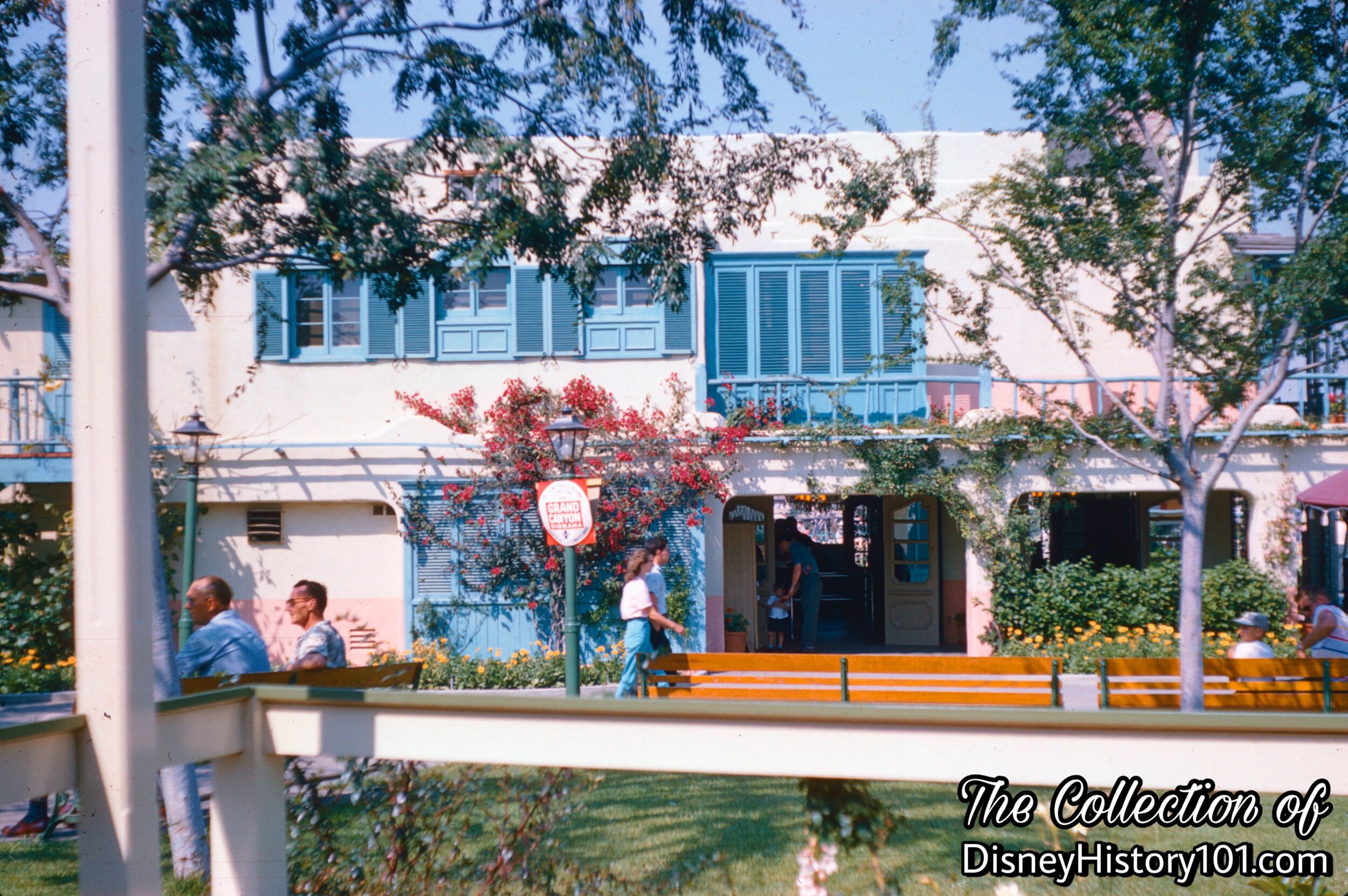
This was the scene as Guests awaited passage to the Grand Canyon Diorama, aboard the Santa Fe & Disneyland Railroad’s freight train. That flowering Bouganvillea (left of the Chicken Plantation entrance) was likely selected by the legendary team of landscape architects and horticulturalists - Ruth Patricia Shellhorn and Jack & Bill Evans! It seemed to be a popular attraction with Guests, because many people took pictures of it over the years!
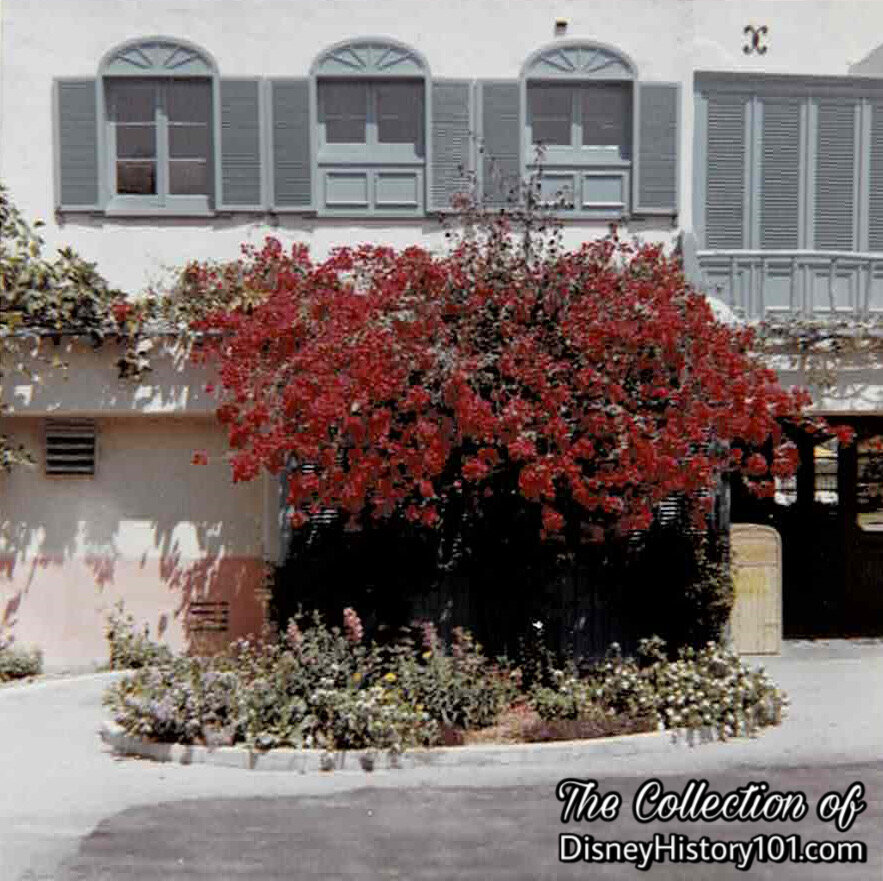
One bougainvillea was in fact a composite “flowering tree,” located behind the Chicken Plantation. An Australian tea tree (Leptospermum laevigatum) tree became an unfortunate casualty of transplanting. The skeleton was salvaged and converted into a unique natural sculpture with the aid of a scarlet colored bougainvillea.
Cal McMurtrey recalled “The Chicken Plantation House was a great place for girl watching… I was a gardener then, and I was taking care of Magnolia Park and the grounds around the old Plantation House. I remember the good lookin’ girls that would come by..the prettiest I had ever seen. I tried to meet my fair share of them...I WAS SINGLE THEN!”
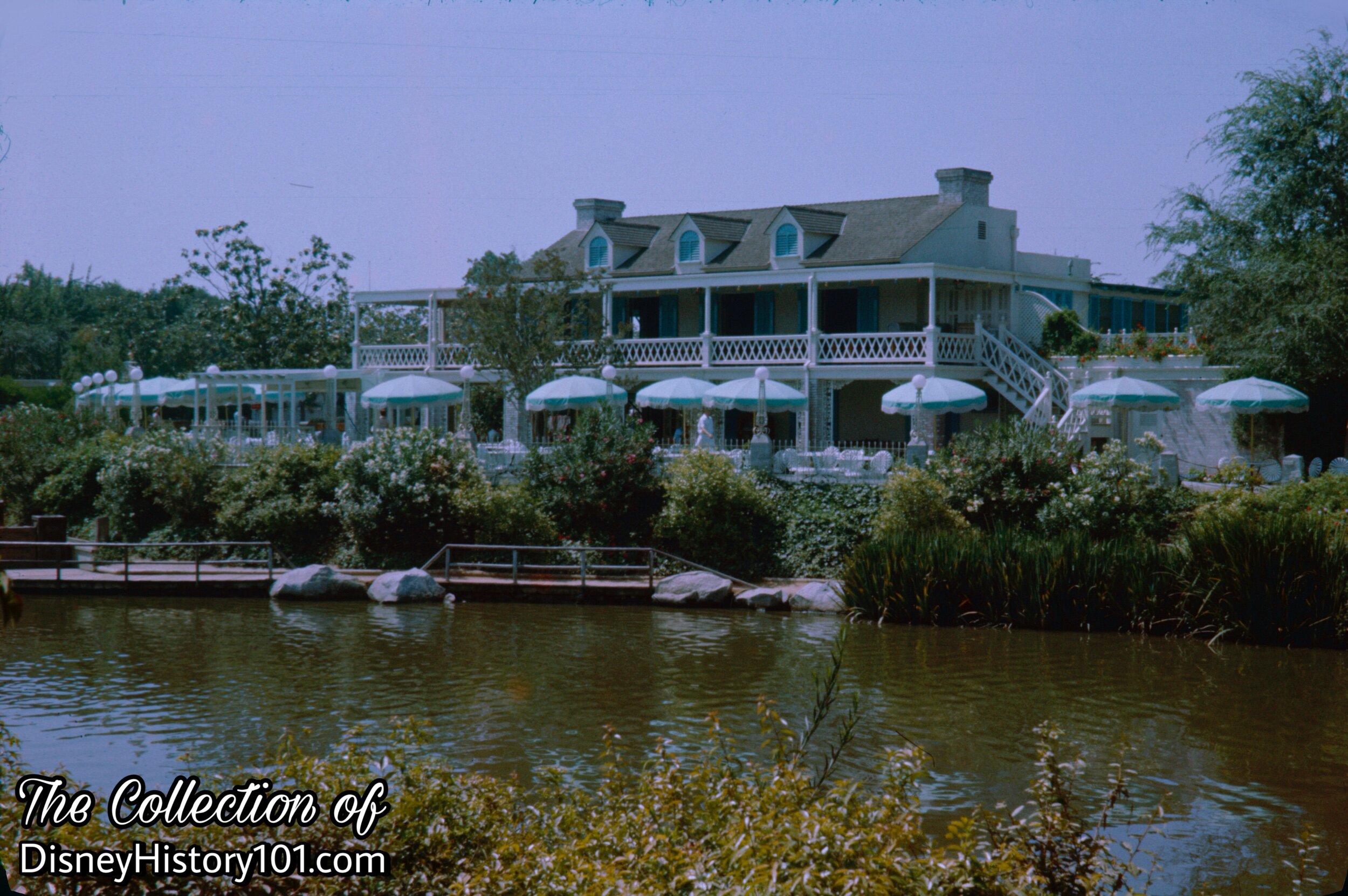
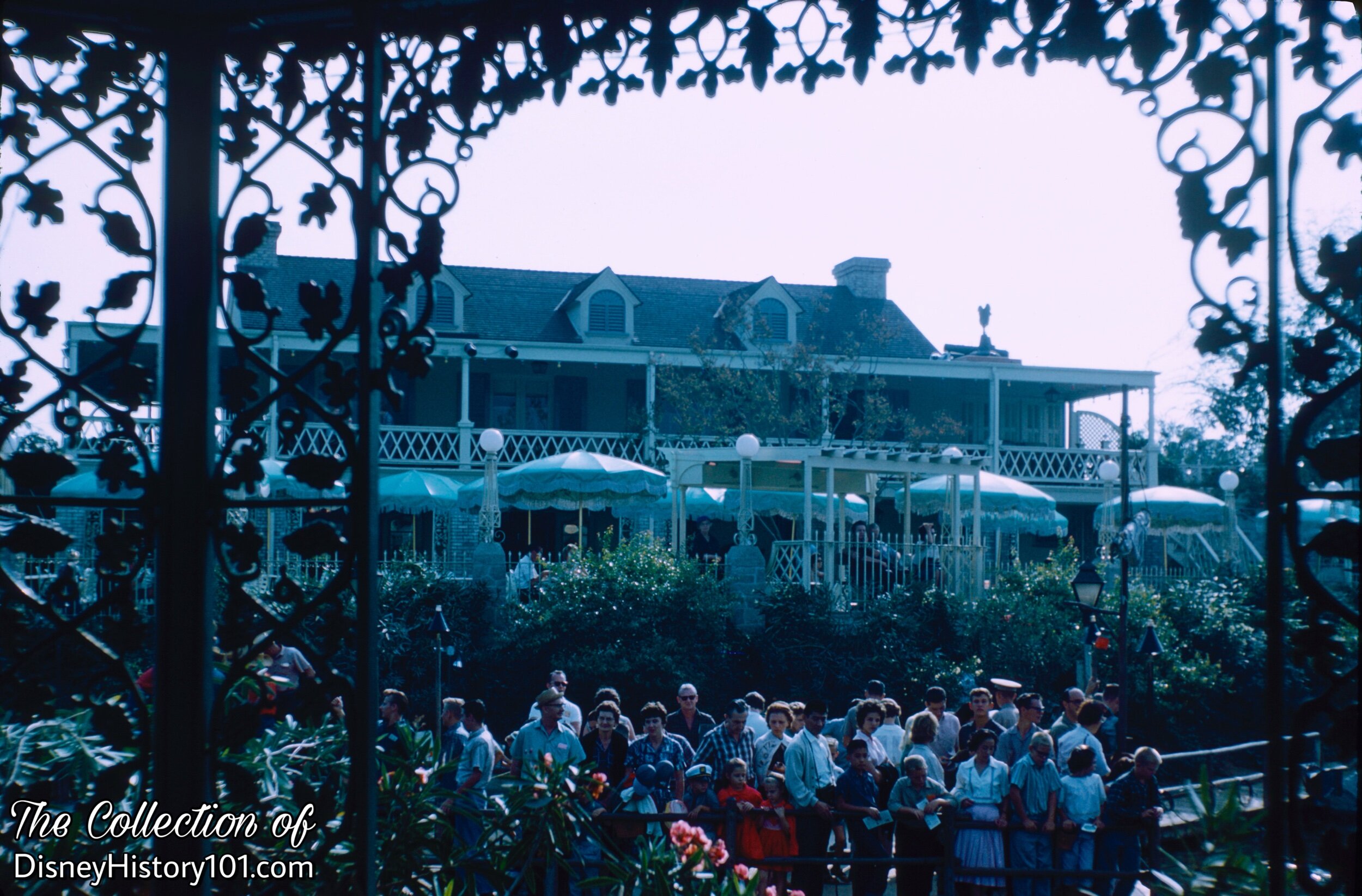
“Songs of the South”
Music, as a basic ingredient of showman-ship, covers the Park. The Dixieland Band Stand (also called Orleans Bandstand) provided live entertainment within earshot and sight of the Chicken Plantation Restaurant. Dining could be enjoyed during the daytime or even during Date Nites (perhaps beginning around the Summer of 1961) while The Arvon Dale Orchestra performed nearby! The First Frontier Nite at Disneyland offered western music behind the Plantation House, on Tuesday nights through the summer season of 1961.
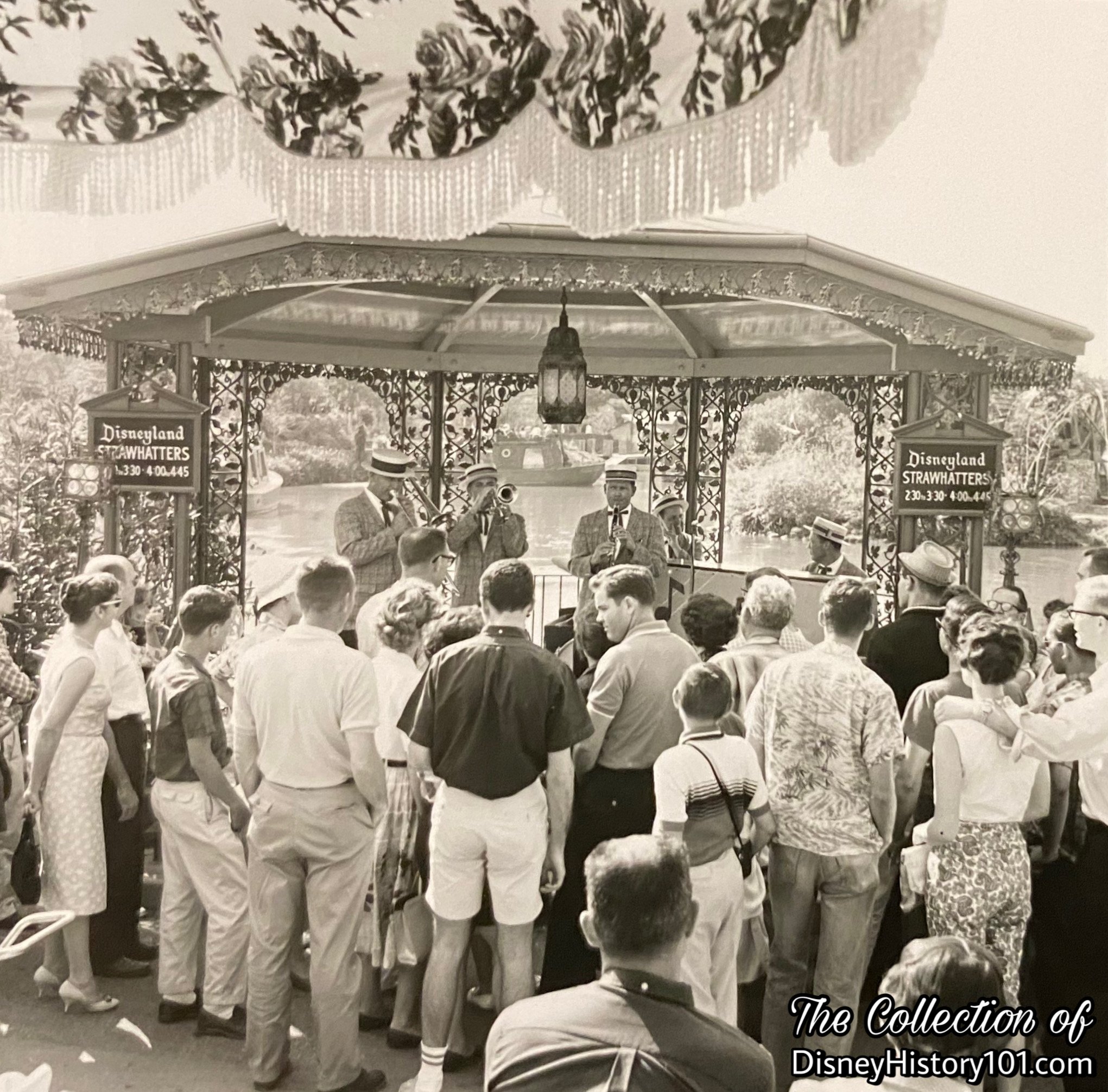
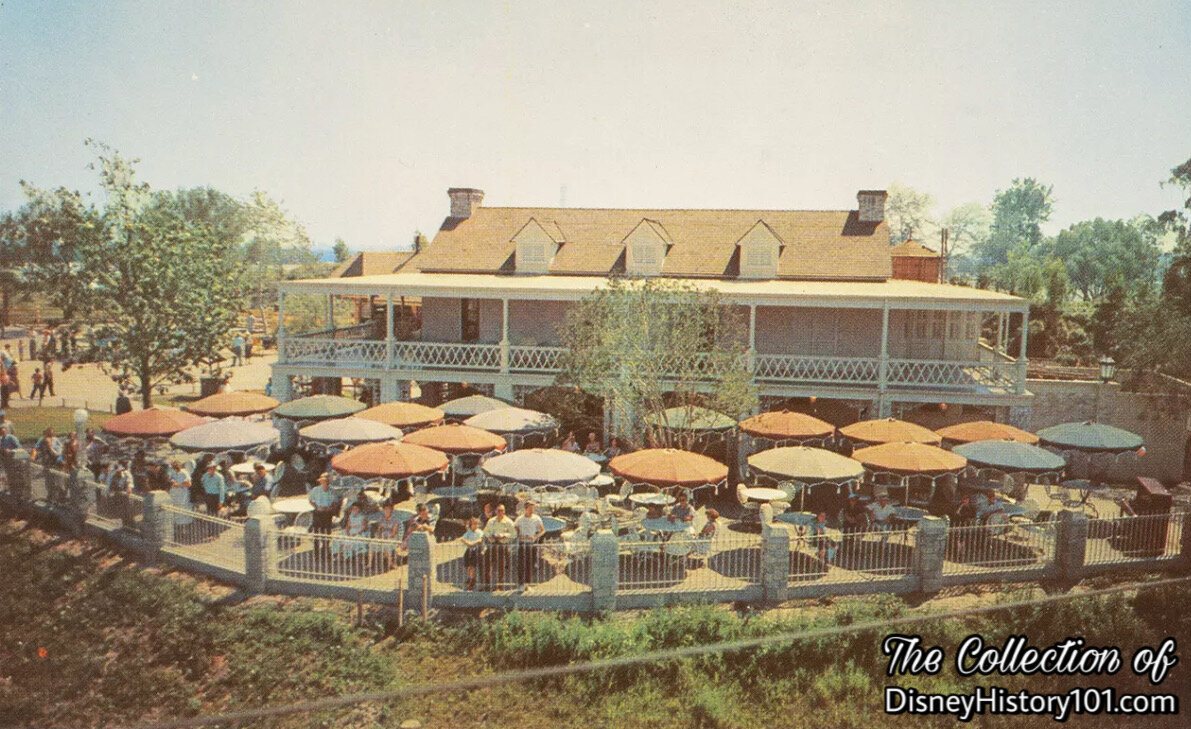
Postcards would preserve the Chicken Plantation (and it’s riverfront patio) the way that it is best remembered.
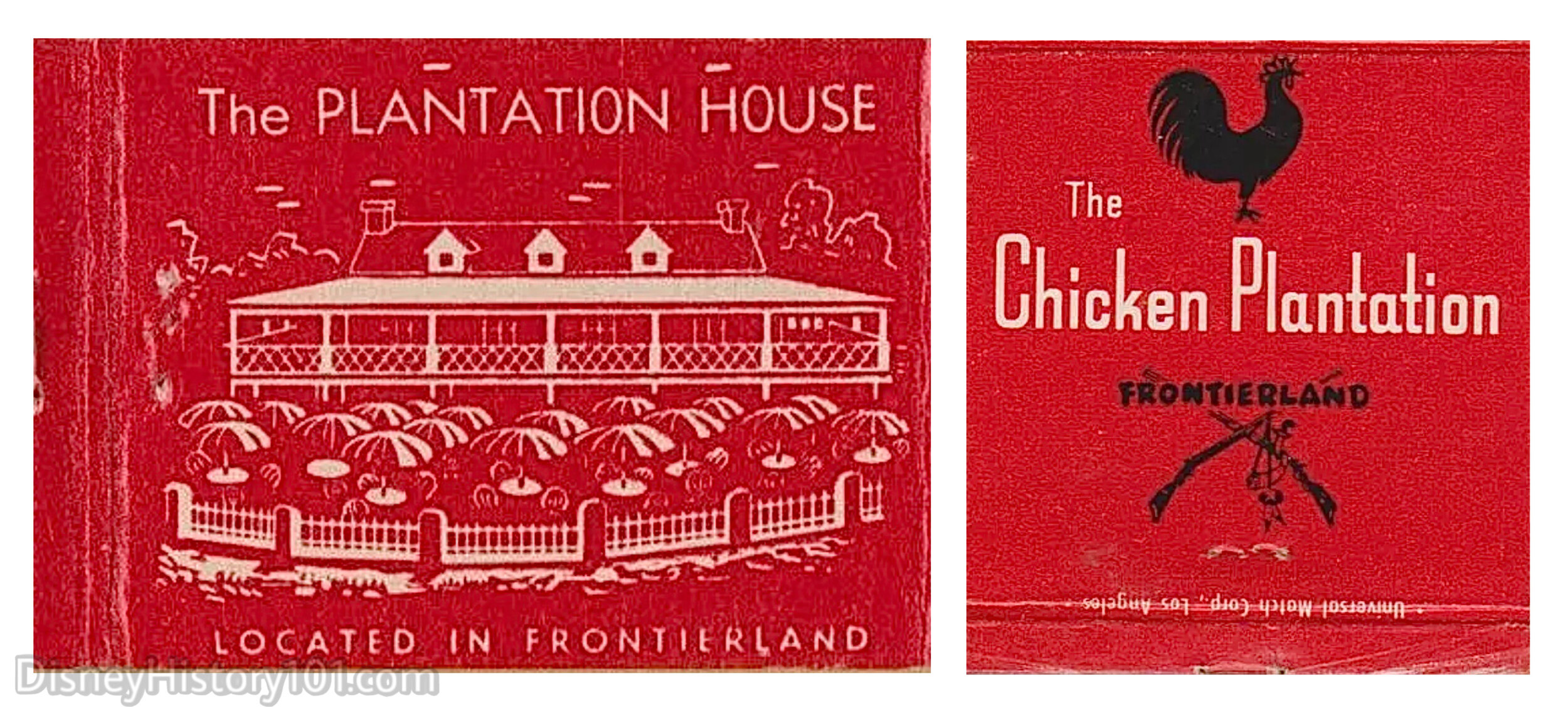
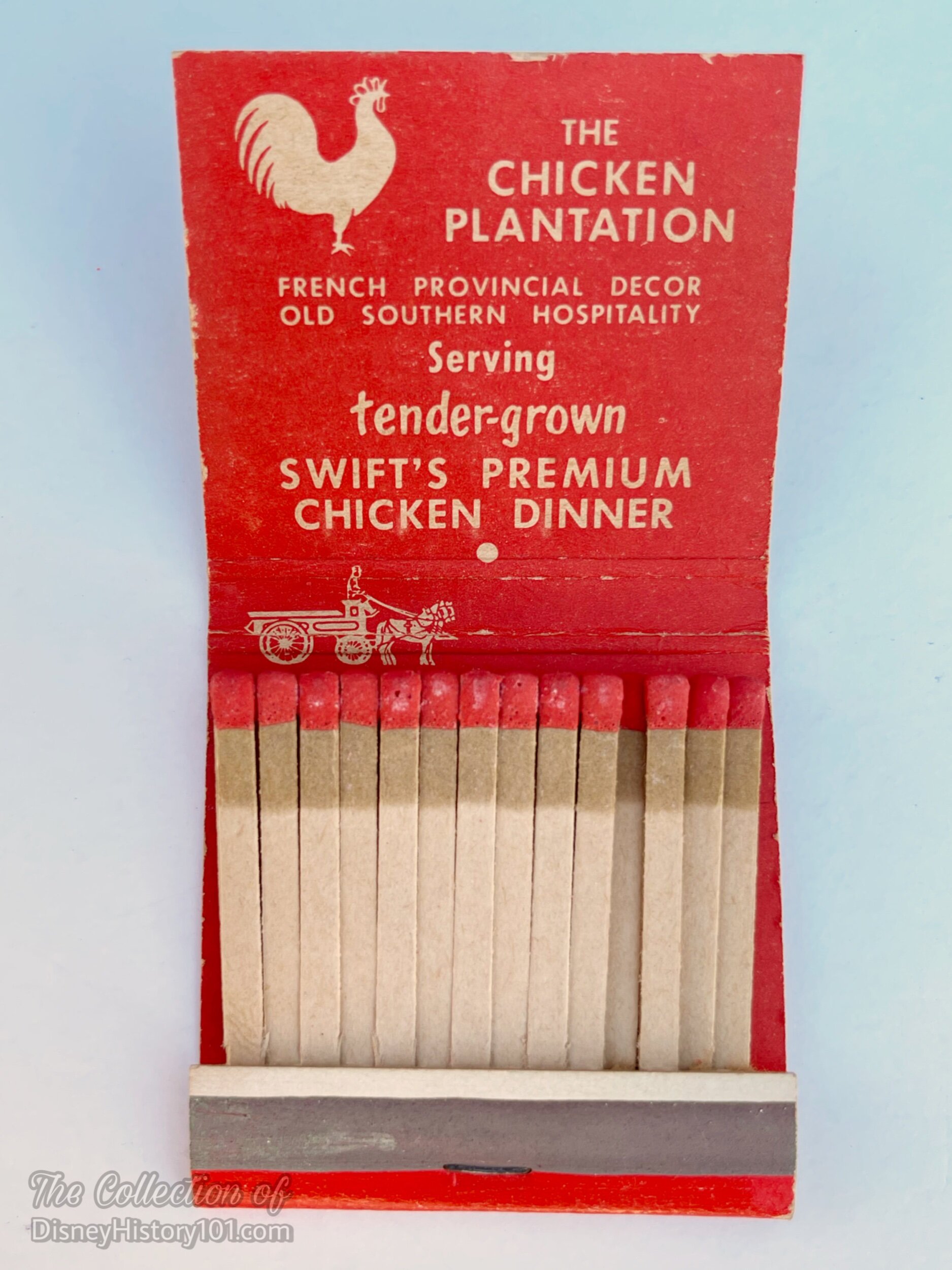
At least these two cover styles were produced - one bearing a chicken and the other, a graphic of the restaurant and patio. Complimentary matchbooks (bearing the names of Disneyland and their corporate sponsored restaurants) were fantastic pieces of promotional souvenirs, allowing Guests the opportunity to “strike up” conversations about Disneyland while outside the Park!
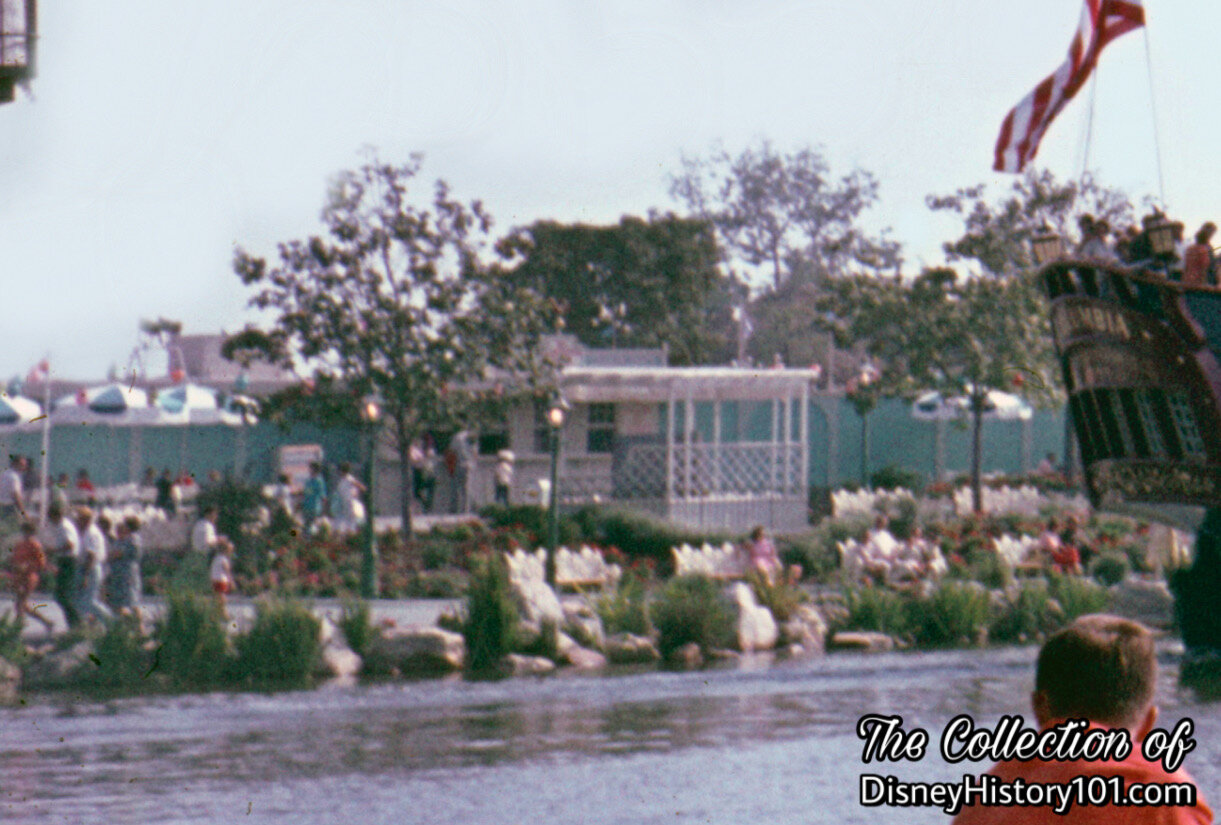
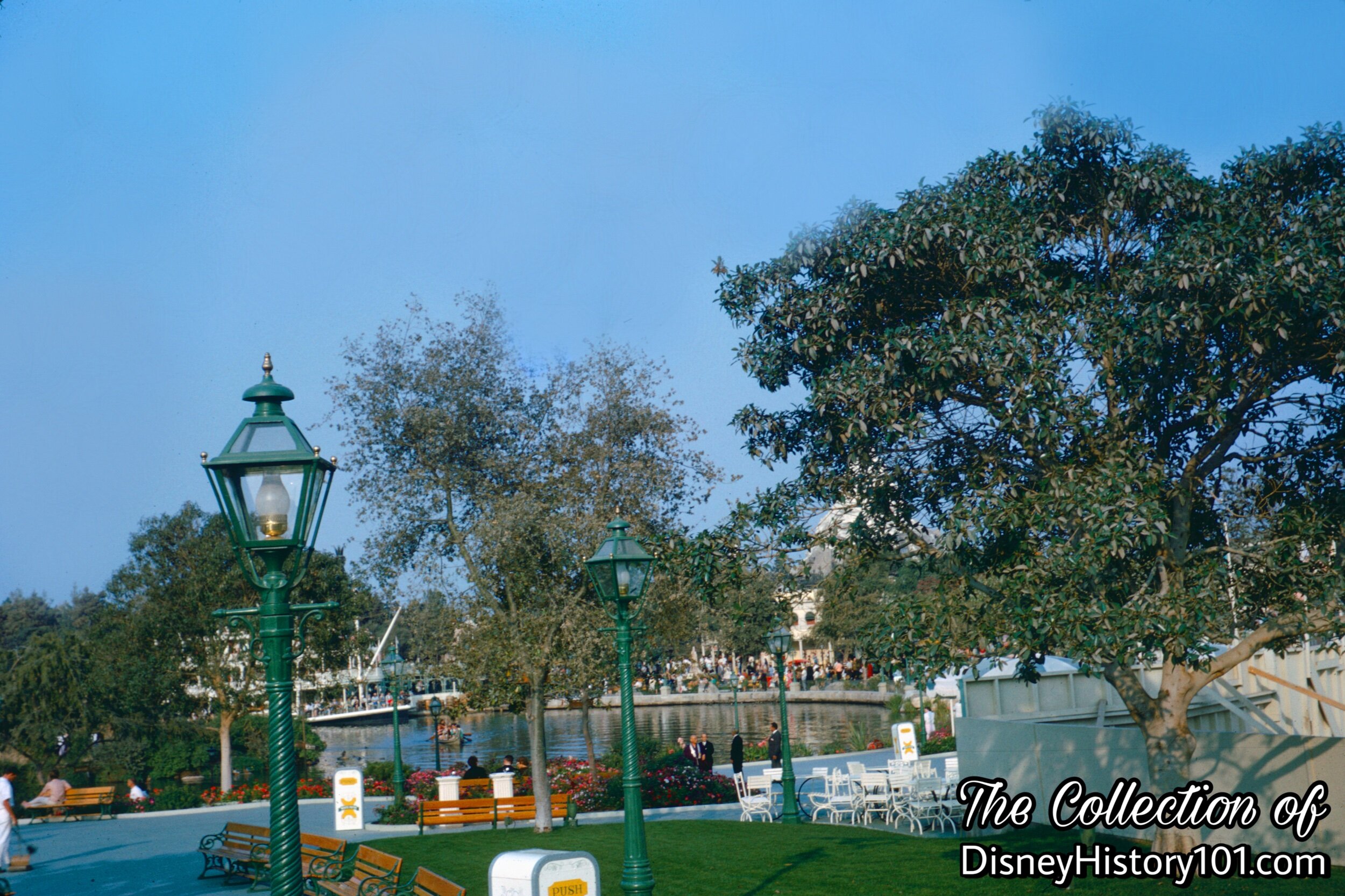
Walt once said that “Disneyland is like a piece of clay : if there is something I don’t like, I’m not stuck with it. I can reshape and revamp.” A fantastic example is this little river side stretch of Frontierland that originally spanned Orleans Street. Some of the earliest (c.1957) artwork produced for the “Old South” area of Frontierland involved centering the “Pirate Wax Museum” and other attractions around the Chicken Plantation Restaurant. However (in 1962), developments of new Disneyland adventures along the Rivers of America would lead to the Chicken Plantation Restaurant closing for good.
During 1961, Eleanor Heldt (Magic Kingdom Club Administrator) commented that “During a major rehabilitation, it is sometimes necessary to close an attraction for several weeks. This, of course, is when the smallest details were checked, replaced or repaired as required for the maximum safety, convenience, and comfort for our guests.” The restaurant closed January 8th, 1962, but for no major rehabilitation. The Chicken Plantation would not reopen, but be razed to the ground that very month. The Chicken Plantation can readily be seen preserved on color film, in some aerial footage of “Disneyland, U.S.A.” (a “People and Places” feature film, released in the U.S. on December 20, 1956 through Buena Vista Film Distribution Company).
But, Walt Disney’s Imagineers knew their audience. For those guests who would long to sit along the romantic Rivers of America and enjoy a chicken dinner, the location’s spirit would live on (not far away) in New Orleans Square’s Blue Bayou (another river front restaurant)!

If you would like to read more about the Swift’s Chicken Plantation, it’s my pleasure to recommend adding Marcy Smothers’ “Eat Like Walt - The Wonderful World of Disney Food” to your personal Disney Home Library! Therein, Marcy has extensively researched and finely crafted a small section of a chapter dedicated to “Walt Disney’s Disneyland - Frontierland” If you would like to bring the magic of Disneyland restaurants and concessions to your dining room table, “please step this way” toward www.eatlikewalt.com where Marcy has shared a few recipes for memorable Disneyland menu options, so you too can “Eat Like Walt.”
CIRCARAMA THEATER (CIRCLE VISION & Premier Shop)
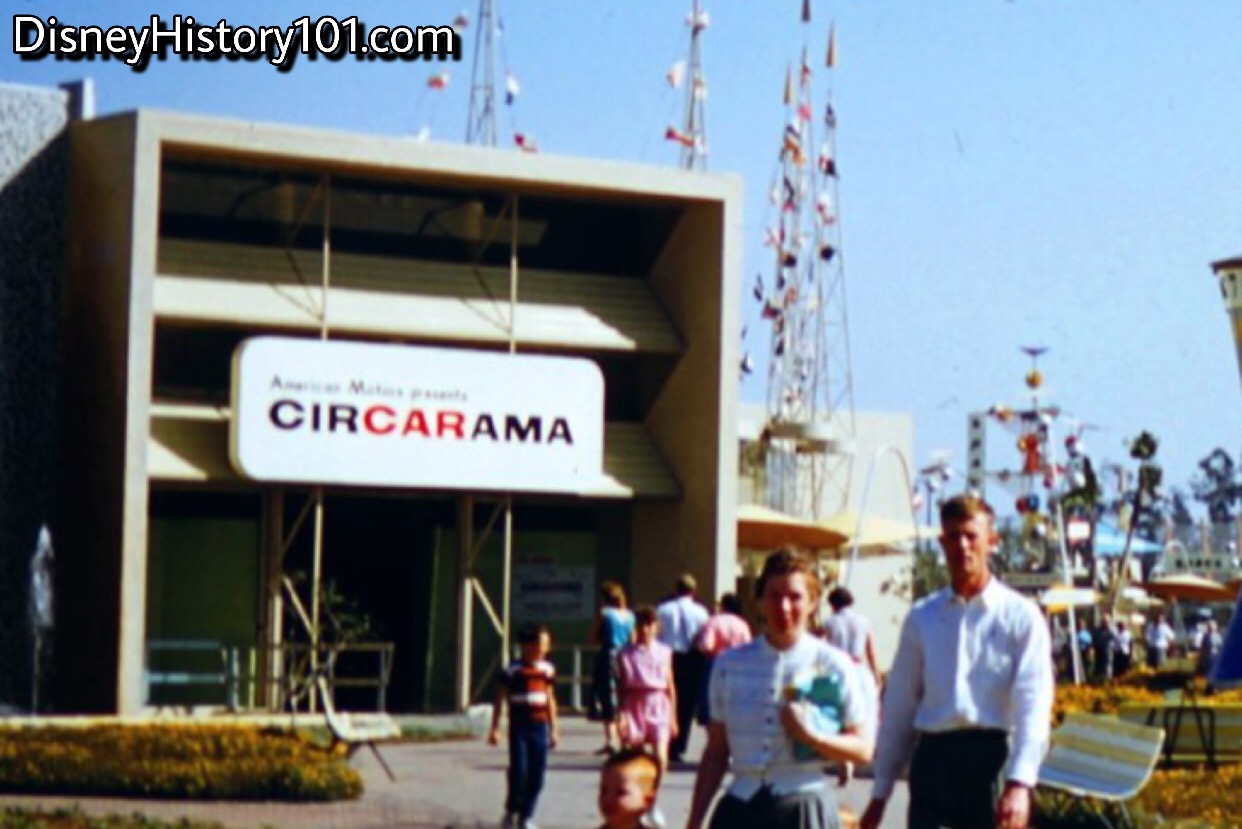

(July, 1955 - January 3, 1967)
The presentation of the CirCARama show on the vast DISNEYLAND “stage” was a distinct part of the Disneyland theater concept. In an era when movies were typically projected on a screen before you, the Circarama Theater allowed guests to experience “movies that surround you”! By some accounts, “After seeing the Cinerama system at the Hollywood Pantages theater, Disney called Broggie and his associate Eustace Lycett, a special-effects and lens expert, to his office. ‘If they can put three screens together, why can't we do a full circle?’ Walt asked.” [“Disneyland: Inside Story” by Randy Bright, page 89] Soon Roger Broggie’s team began to work with Ub Iwerks to assemble a rig comprised of eleven 16-millimeter cameras. Soon, Peter Ellenshaw used the rig (attached to an American Motors Rambler) to create a documentary across the western United States.
“Initial Concepts by Walt Disney Productions”
Early thumbnail sketches and other concept artwork of Disneyland seemed to be unencumbered by restrictions of budget, schedule or the laws of nature and physics. Though guided by Walt, his artists appeared to engage in “free-thinking,” as if implementing the modern “Blue Sky” Imagineering process. Like some advanced “High Concept,” final designs were quickly generated and approved. Some of these viable project Concepts (as this), were supported by a well-developed business case and built expectation.
“Architectural Designs by Lessees”
Disneyland, Inc. printed materials for Lessees detailing specifications for architectural designs of exhibit spaces. These were revised by March 16, 1955 and issued to Lessees.
All of the interior architectural drawings were done by competent registered architects or an approved display house of the lessee's choice. All of the designs submitted by the lessee's architect, whether for buildings or construction of interiors in DISNEYLAND, were approved as to the theme and general plan of DISNEYLAND as established by WED Enterprises, Inc.
Three sets of preliminary drawings were furnished DISNEYLAND, Inc. as soon as possible after signing of the lease. Two sets were retained by DISNEYLAND and one set was returned to the lessee’s architect with any revisions noted thereon and stamped “APPROVAL TO PROCEED TO FINAL DESIGN.” This stamp when properly signed and dated constituted the lessee’s authority to proceed with the final drawings.
The Lessees revised their final drawings to incorporate any revisions noted on the approved preliminary drawings, and submitted three sets of the revised drawings to DISNEYLAND. One set was returned to the lessee’s architect and any revisions noted thereon are to be incorporated on the original drawings. When the lessee had incorporated the final revisions on the drawings, two sets of transparent ozalids were forwarded to DISNEYLAND for approval. DISNEYLAND would stamp both sets “FINAL DESIGN APPROVED” and “LESSEE’S CONTRACT DRAWINGS”, and return one set to the lessee who could then release drawings for bid and/or construction.
“The Search for a Participant Sponsor”
By July 1, 1954, George Whitney of Disneyland, Inc. directed Amusements, with Ron Miller overseeing analysis, philosophy, capacities, planning, operator training, and amusement procurement. At the same time during 1954, Walt was searching for industrial participants to lease shop and restaurant spaces at Disneyland, and help generate the necessary capital to fund construction and growth of Disneyland. In a synergistic relationship, the companies (in turn) could sell their products and advertise their corporate names in the Park. Disneyland Participant Corporate Sponsors were carefully selected. High quality, long term corporate sponsors would provide incremental income that enabled Disneyland to enhance its show and attractions, offset some operating expenses, and capitalize on marketing opportunities.
Some popular episodes of Walt Disney’s Disneyland (like “Davy Crockett, Indian Fighter,” airing Wednesday, December 15, 1954) presented on the ABC Television network had been sponsored by the American Motors Corporation. Soon, CirCARama (jointly presented by American Motors, Nash, Hudson, and Kelvinator) would be presented as a free attraction with its adjoining American Motors Corporation exhibit in Tomorrowland, from June 14, 1959 - March 14, 1960. In fact by the year 1958, CirCARama was one of 15 free educational shows and exhibits at Disneyland. By that same year of 1958, Bank of America appraisers figured of the total income received by Disneyland Inc. from leases at 16.02% derived from the selling of advertising rights and 40.12% from the leasing of space to concerns whose main reason for occupancy is for advertising purposes. The remaining 43.86% of the lease income was derived from stores that sell various products and food.
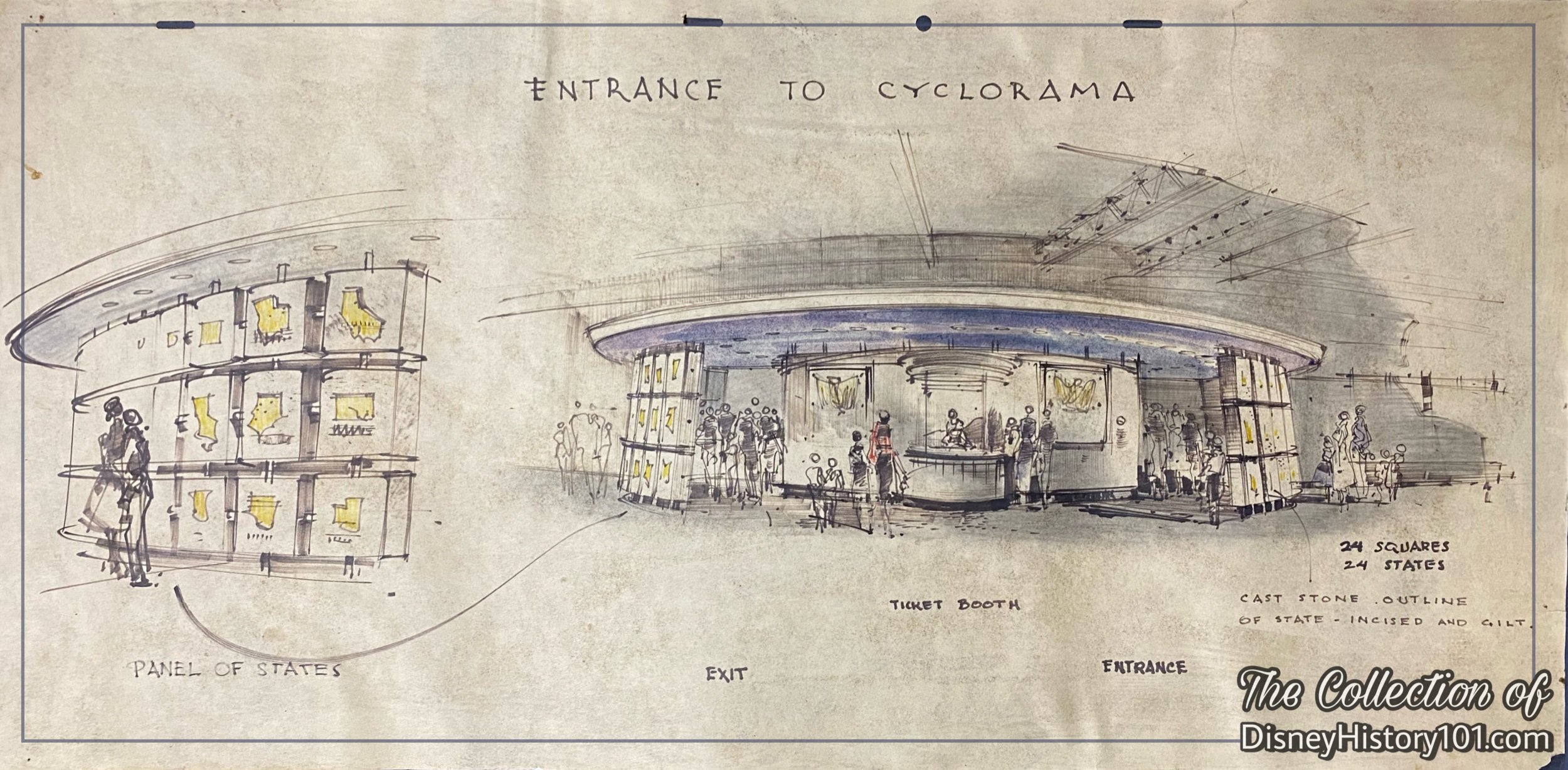
“Construction”
The construction crews didn't begin work on any of Tomorrowland until six months into the project. Meanwhile, the very first buildings framed at Disneyland (after the Mill), were the Main Street Complexes (on each side of the street), as well as the two Tomorrowland Exhibit Halls (known as the North Rotunda Building & South Rotunda Building).
Many of the skilled craftsmen of local businesses (under the direction of the General Contractor George Mills Sr.) had completed work on the two main Tomorrowland Rotunda Buildings. These craftsmen and construction workers likely included (but were not limited to) the crew and staff of M.A. Gentle (who performed “all brick, block and stone work at Disneyland”), the Al Sparks Electric Company, Frank Silveri (tile and marble contractor), the Kissel Refrigeration Company, ABC Roofing Company, Bailey the Plumber, Inc., Universal Homemakers, Inc. (who fabricated “all drywall interiors” of ceilings and walls at Disneyland), and perhaps Arthur Pizzinat (a Venetian terrazzo and mosaic company).
The North Rotunda Building was particularly constructed with macadam and vinyl tile floors, mainly unfinished exposed frame walls, and some drywall partitioning. The South Rotunda had plenty of approximately 16-foot ceiling heights, space heaters, a partial air conditioning system, and three restroons (15 fixtures). Considering these features, the North Rotunda would prove to be a sufficient location for the Monsanto exhibit, with some of the 21,075 square feet allocated for its use.
As of June 2, 1955, C.V. Wood Jr. sent an Inter-Office Memorandum to Walt Disney regarding the best estimates that could be obtained at the time regarding the completion status of individual sections of the Park and Opening Day. C.V. wrote: “American Motors: Walls and donut tight but we should make it. Whether the film will be complete or not is still unknown.”
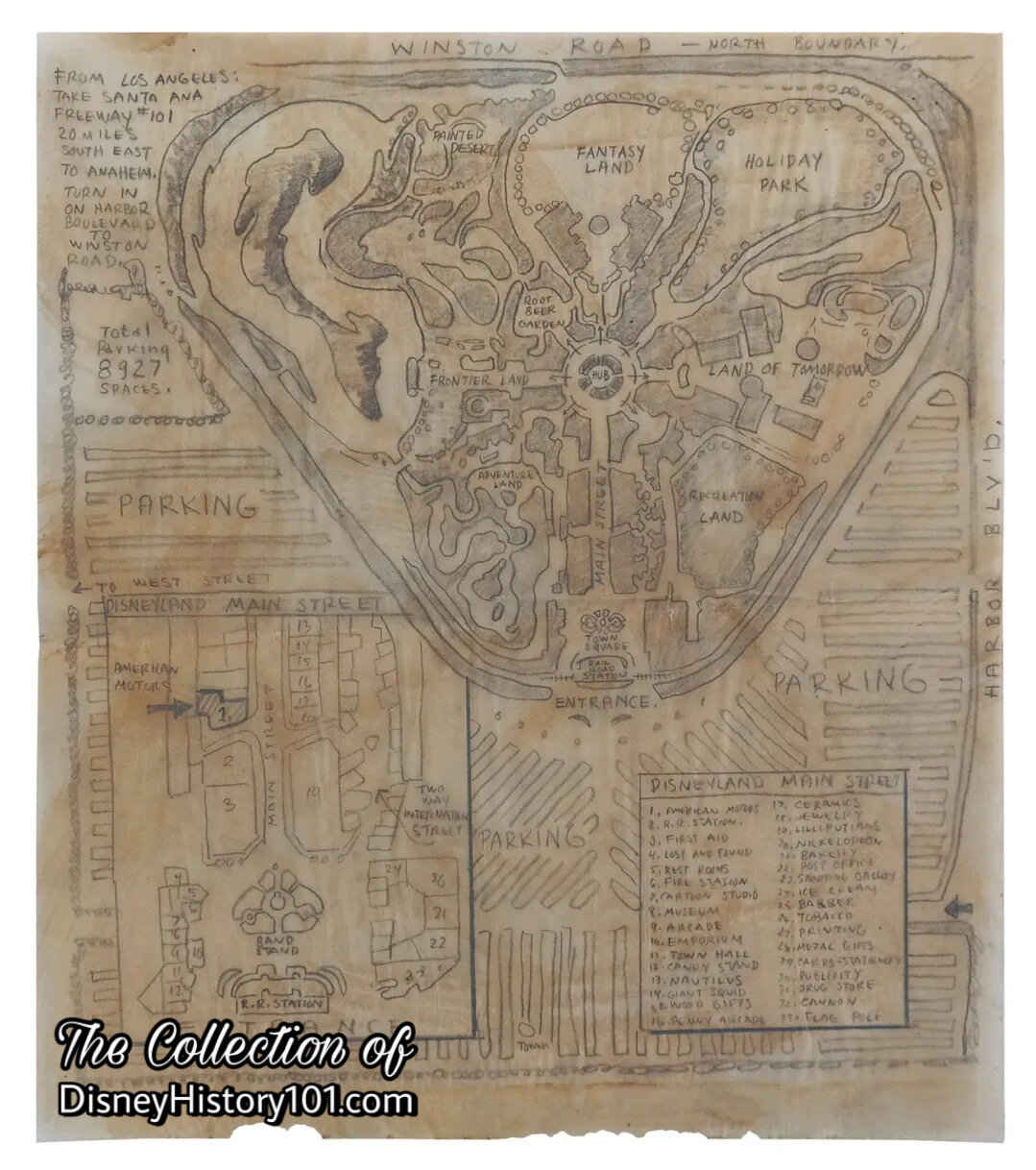
About the time that Nash Ramblers bearing the “Disneyland Insignia” navigated the acreage that would become Disneyland, this (construction-era) hand-drawn Disneyland map (pictured above) highlighted the proposed location of an American Motors exhibit on Main Street, before it was decided to house it inside of a more-than-3,000-square-foot exhibit hall in Tomorrowland! According to “A Complete Guide to Disneyland” (published 1956), “American Motors presents an exciting travel picture on a 360 degree movie screen.” A press release of June 27, 1955 described the experience as “an advanced motion picture development… consisting of a continuous image focused on a 360-degree screen… introduced at Disneyland Park on July 17th by American Motors Corporation, producer of Hudson, Nash, and Rambler automobiles, Kelvinator appliances.” This attraction was reckoned among “Disneyland rides and amusements” that “will delight the very young, the teen-ager, young married couples, the middle-aged, and grandparents alike,” as some of the Vintage Views testify [Anaheim Bulletin “Premier Souvenir Edition - Walt Disney’s Magic Kingdom - Disneyland” Insert ; Friday, July 15th, 1955].
George Romney (President) commented: “This combination of photographic skills and entertainment talents promises an unusual spectacle for visitors to Disneyland. We're happy to have a part to play in making Circarama possible. As it represents added pleasure and value for the public, sponsorship of the Circarama is another forward step in our program to make American Motors mean more for Americans.”
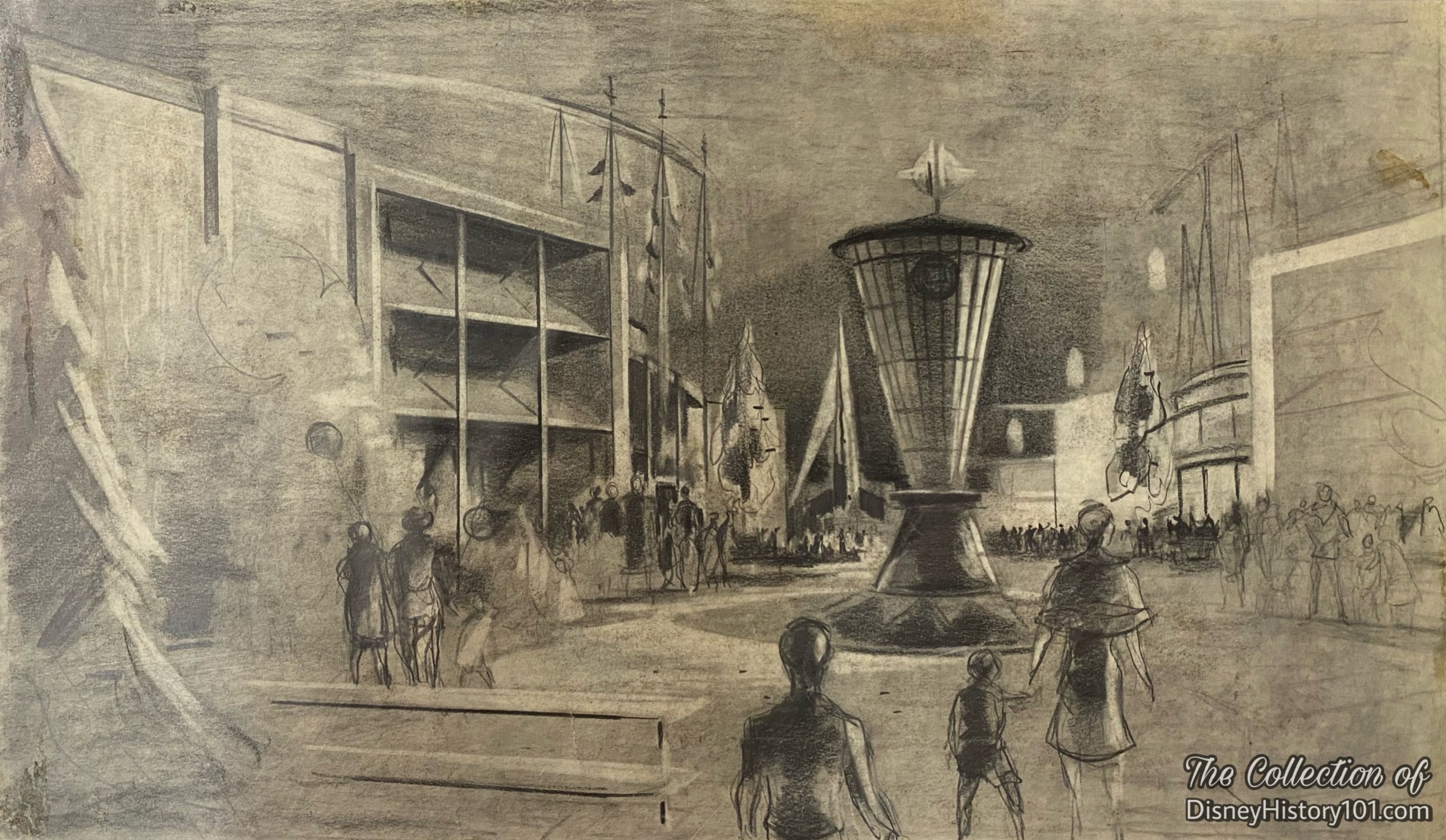
“Installation”
While Disneyland was being developed, Walt contracted Ubbe Iwwerks about building a circular theatre screen and a film which could fully surround an audience. Eustace Lycett and Ubbe’s solution was to fabricate a circular horizontal rig capable of holding eleven 16mm Kodak CineSpecial cameras to record the film, and eleven semi-circular screens arranged in a circle (with small gaps in between for projection)! This Circarama process was further developed for Disneyland by Walt Disney Studio technicians.
Air-conditioning controls dust, and a practical mechanical application of the technology was essential in the attraction where projection equipment and film was used.
Installation of the theatrical projection and sound systems was completed by William Ralke’s Ralke Company. According to “Electronics in Disneyland” published in “Radio and TV News” of 1958,"It takes the combined efforts of seven sound-maintenance men employed by the Ralke Company, plus a Projector repairman, to keep all the electronic equipment in proper working condition."
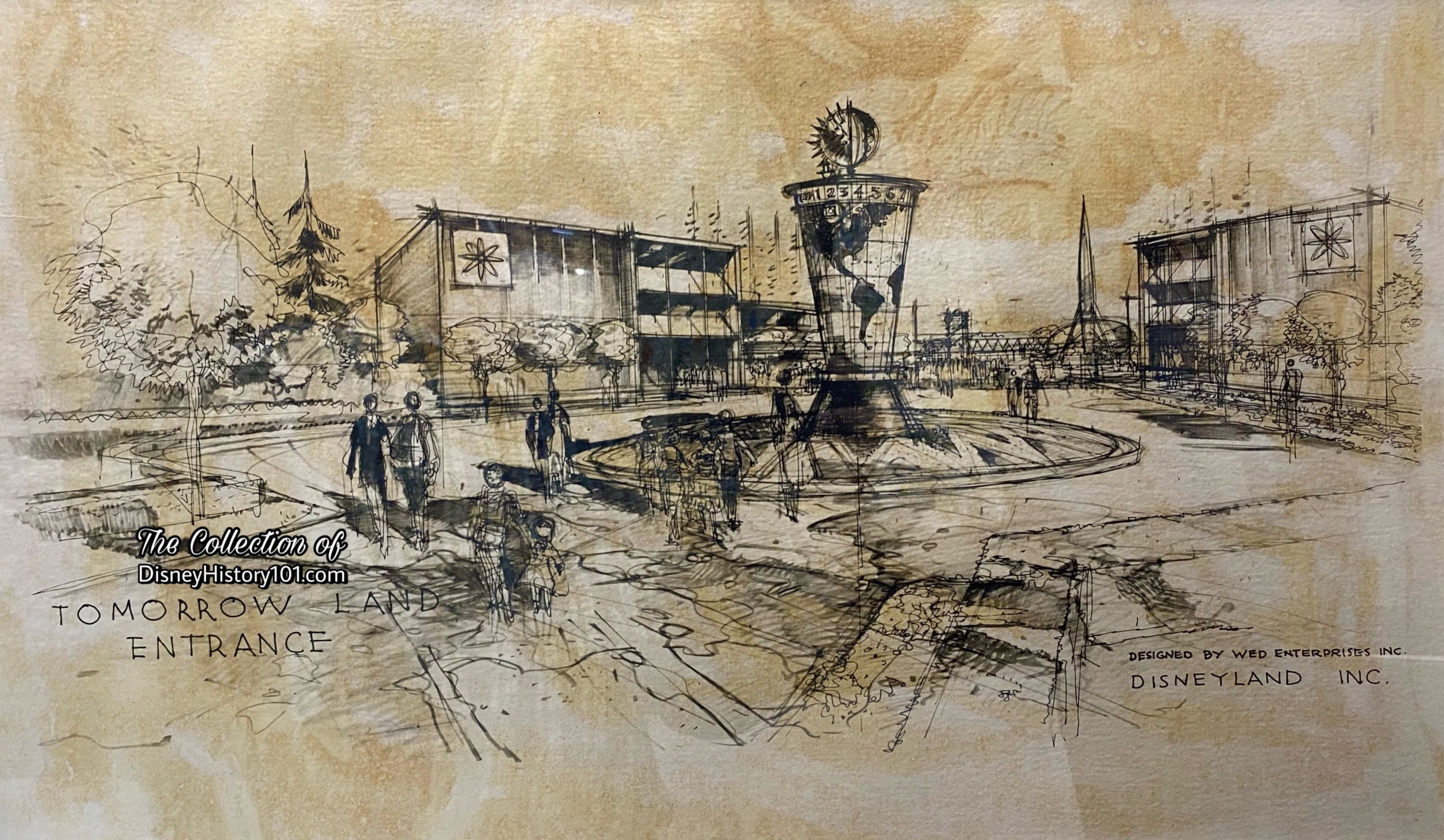
“Press Preview Day and Grand Opening”
Circarama was one of Disneyland’s free attractions on July 17th, 1955. The resultant story was told through a 360-degree circular “screen” measuring the picture eight feet high and 40 feet in diameter. In actually the screen was 11 screens blended to achieve the effect of complete circle vision) shown through 11 synchronized 16mm projectors. The audience enjoyed the feature presentation from the center of the circle inside one of Tomorrowland's “graceful and futuristic” exhibition buildings.
By 1956, it was said that “CirCARama gives the motion picture fan the last word in cinematography,” according to the “Disneyland 1st Anniversary Souvenir Pictorial,” published 1956. According to “Walt Disney Disneyland” (first published 1964), the motion picture places one in the center of the action, so that viewers can see where they are going, and where they have been, and the scenery in-between. The theatrical experience was so unique, that by 1960 it could still be said of the Circarama theater that (five years later) it was still the“only one of its kind in the United States,” according to Vacationland (Summer, 1960).
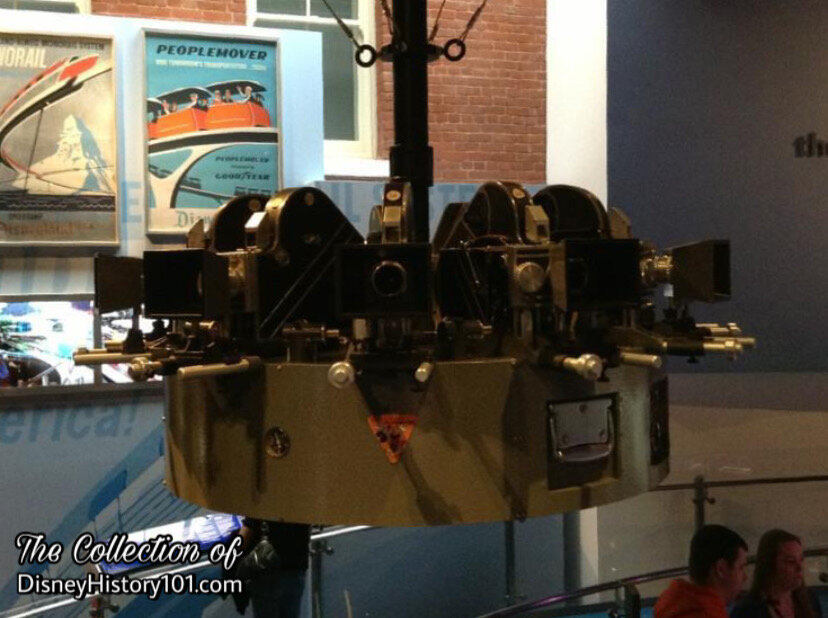
“The Main Show”
The original attraction was sponsored by American Motors and known as CirCARama U.S.A. The first film - Circarama U.S.A. (A Walt Disney Production) - was filmed in Technicolor while driving around California in a car, with an eleven 16-mm camera-system (developed by Walt’s old friend, Ubbe Iwerks) mounted on the roof of the vehicle. The original main show - “A Tour of the West” (also, more appropriately billed “Around the West”) - took audiences on a tour of western America. The film was directed by Peter Ellenshaw (whom Walt had tasked with Artistic Direction over the reshoot of the problematic squid scene featured in 20,000 Leagues Under the sea). Sights included The Grand Canyon, Las Vegas, Newport Harbor, and Monument Valley, all around a “complete 360 degree screen.” Disneyland News (August, 1955) described the show this way : “the picture - eight feet high and 40 feet in diameter - opens with a shot of a bathing beauty walking around the audience to dive into a Las Vegas pool. Cowboys ride from one screen to the next without a break in the continuity, and another portion of the viewer seemingly drives on a busy Los Angeles thoroughfare, watching the traffic both ahead and behind him.”
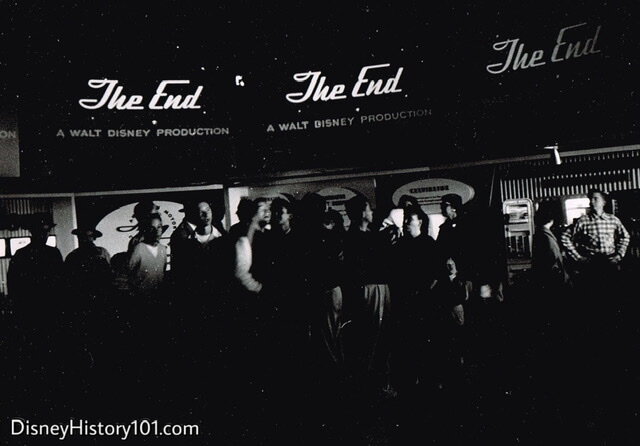
“Post Show”
Lastly, audiences exited through the Exhibit Hall, where the latest American Motors automobiles & Kelvinator appliances were on display! Yes, after the main show ended, guests were free to browse the displays of new Kelvinator products around the sides of the theater. Some young guests may remember the massive 166-lb. Upright Freezer and the cubic-foot Self Defrosting Refrigerator - all in one magnificent, towering unit! There was nothing like it in the world! The Kelvinator appliance came in eight designer colors. American Motors Corporation (“builders of NASH Automobiles, Kelvinator Home Appliances, and Hudson Motorcars”) had previously presented episodes of “Walt Disney’s Disneyland”, like “The Disneyland Story.”
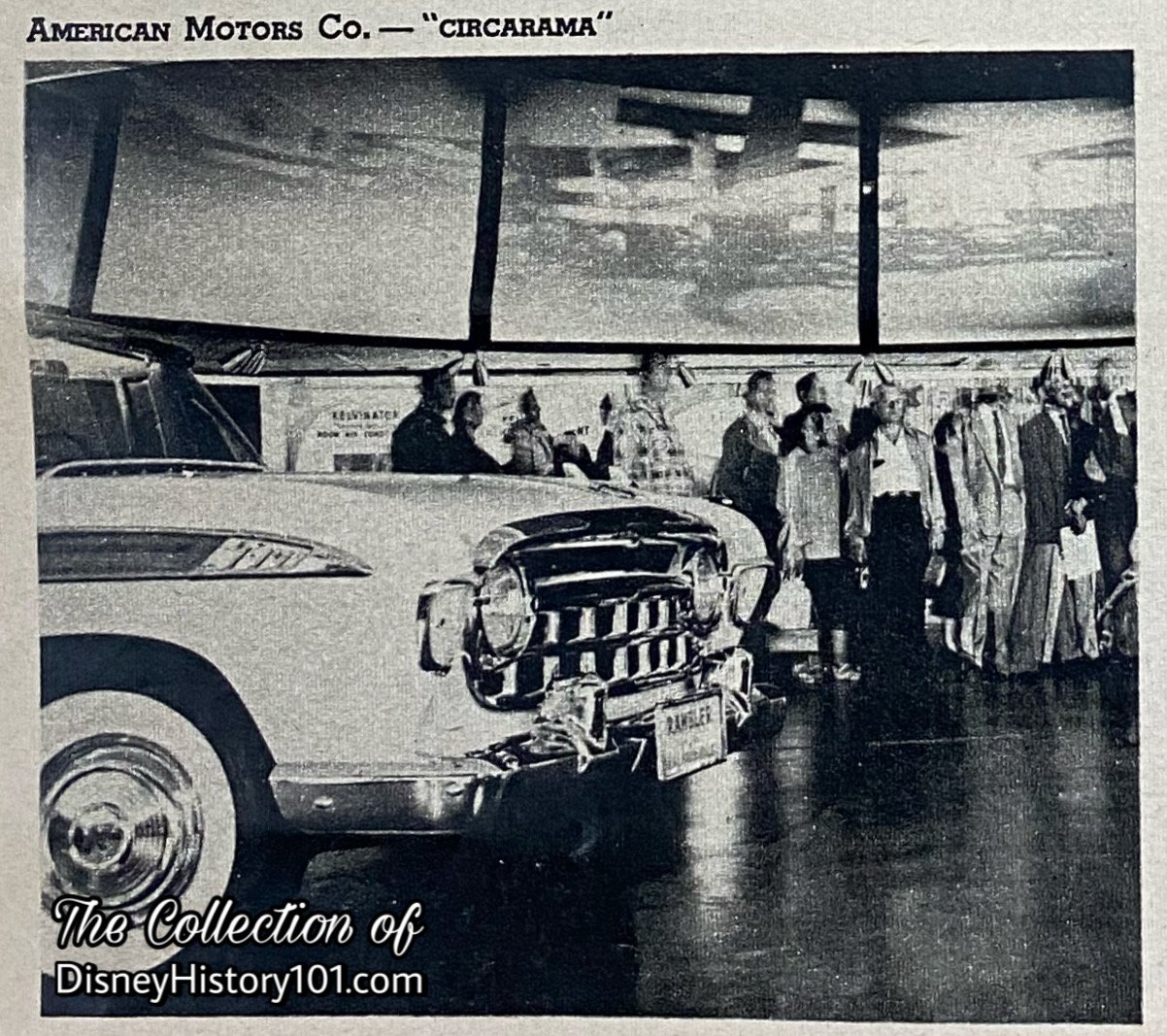
“Cars of Today and Tomorrow - ‘CirCARama’” presented by American Motors Corporation.
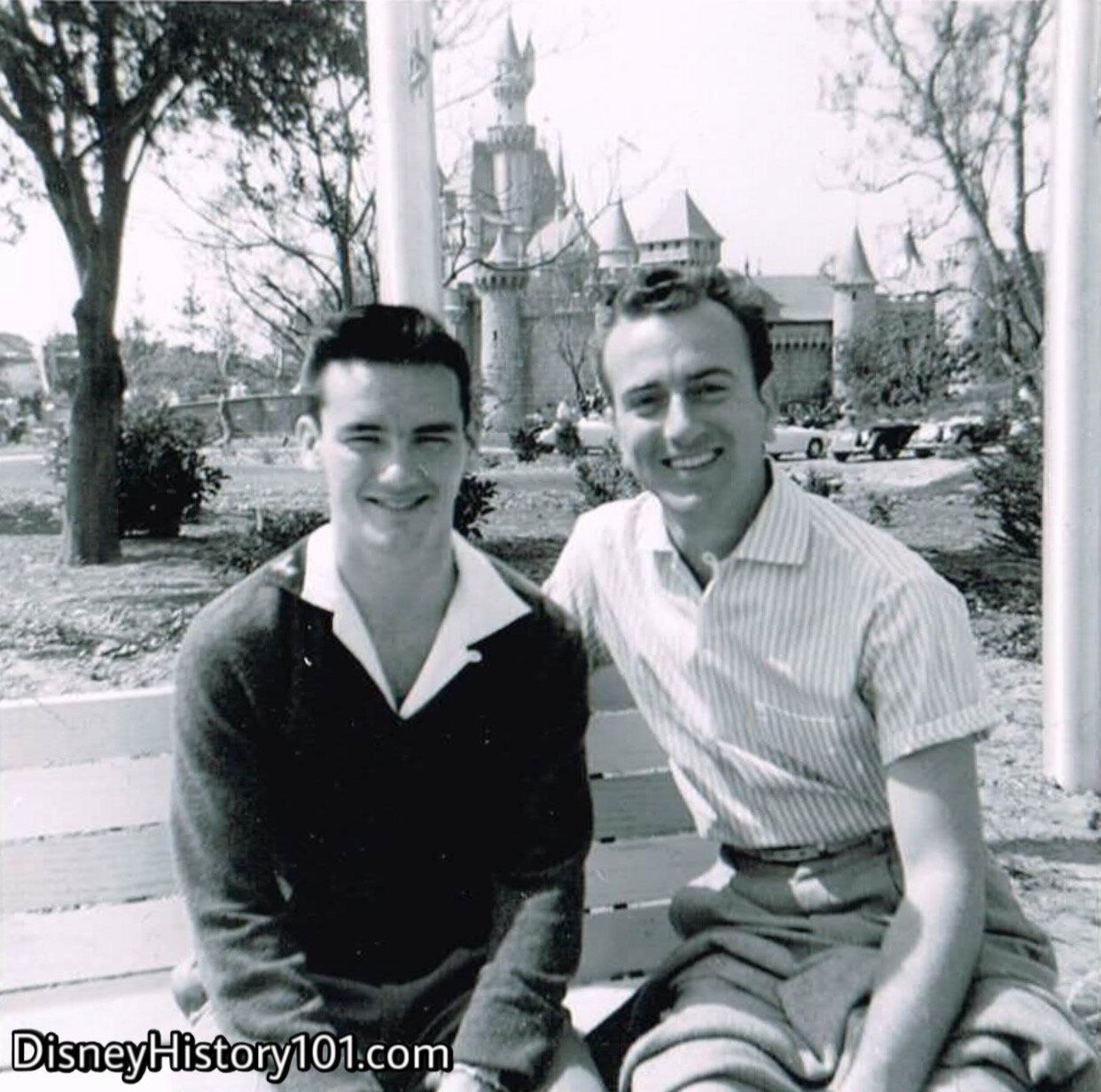
If you look closely behind these two guests, you can see several new Hudson, Nash and Rambler automobiles lined up near the thoroughfare leading to the CirCARama theater! Nash-Kelvinator Corporation and the Hudson Motor Car Company merged (on January 14, 1954) to form the American Motors Corporation, and they would show off their new models of motor cars in Disneyland during its first few months. “The World’s Finest Travel Cars” would return to Disneyland, for an advertising campaign that was printed in numerous publications during 1956. Numerous Nash automobiles (like the Ambassador) were featured around Disneyland near the Frontierland Train Station, Main Street U.S.A.’s Plaza, and other locations. This display was contemporaneous with a (March of 1956) Hudson Automobile television commercial campaign which was partially filmed utilizing “Fantasy Land Castle” and “Tomorrowland Space Port” (1/4 and 1/2 scale) sets constructed on sound stages at Walt Disney Studios. Artistic Direction of The Rambler television commercials was performed (c. October of 1955) by Marvin A. Davis (who was previously responsible for some “Mickey Mouse Park” and Disneyland Site Plan drawings).
Now (by 1958), Disneyland Participant Affairs (or, “Industry Sales”) and the American Motors could not negotiate a cooperative agreement to maintain their ongoing relationship, so American Motors would depart from Disneyland on September 28, 1958, at a lease termination expense of $75,923. Nash would continue to have a relationship with Disneyland (even when its sponsorship era ended). As late as 1988, “The Grand Nashional” (Nash preservation and restoration Car Club of America) would hold conventions at Disneyland, featuring a “Nash Banquet” and a “Nash Display” in the Disneyland Parking Lot.
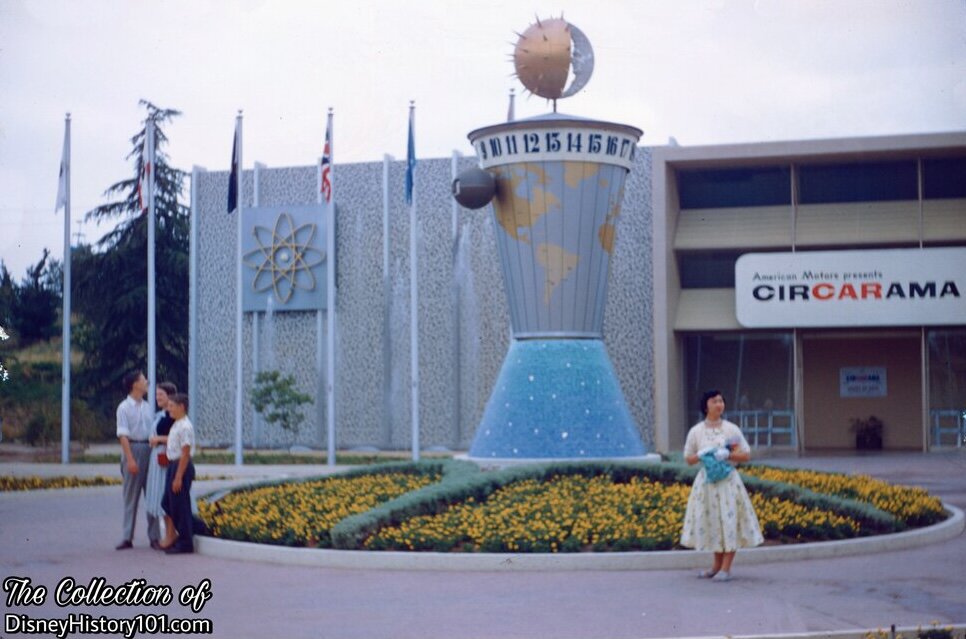
According to Vacationland (published Summer, 1960), CirCARama Theater was housed inside “the graceful and futuristic exposition building at the left of Tomorrowland’s entrance, just past the World Clock”.
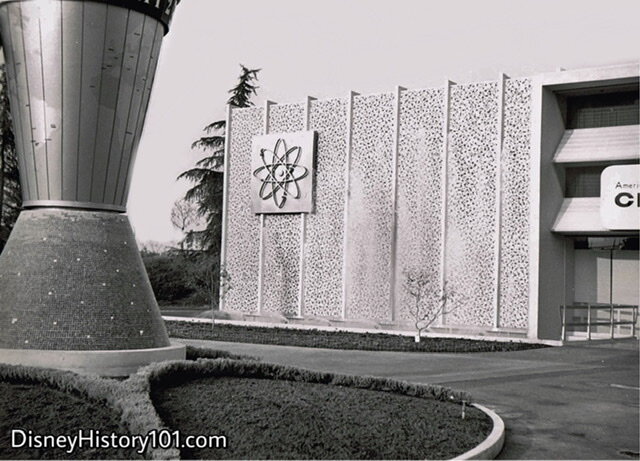
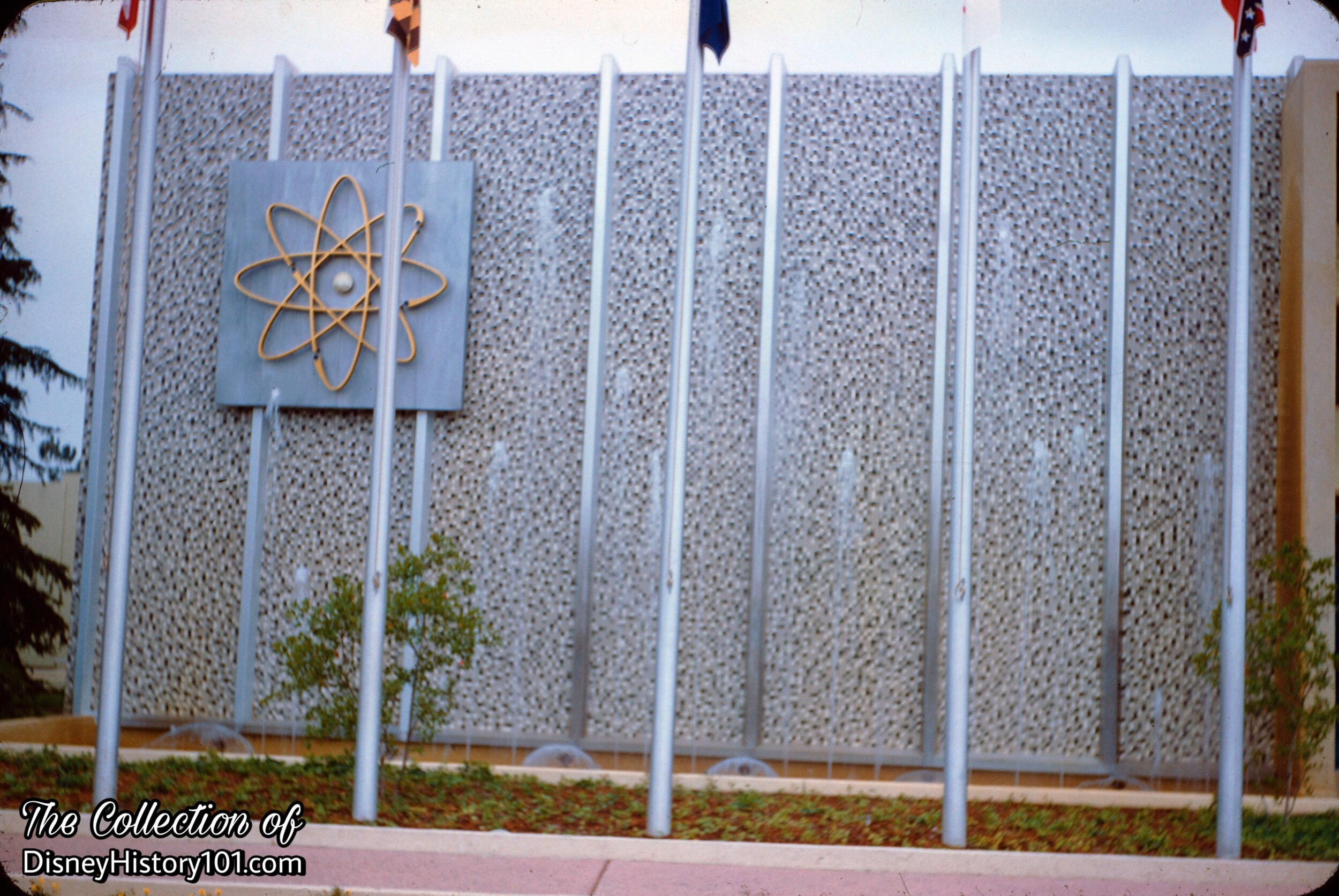
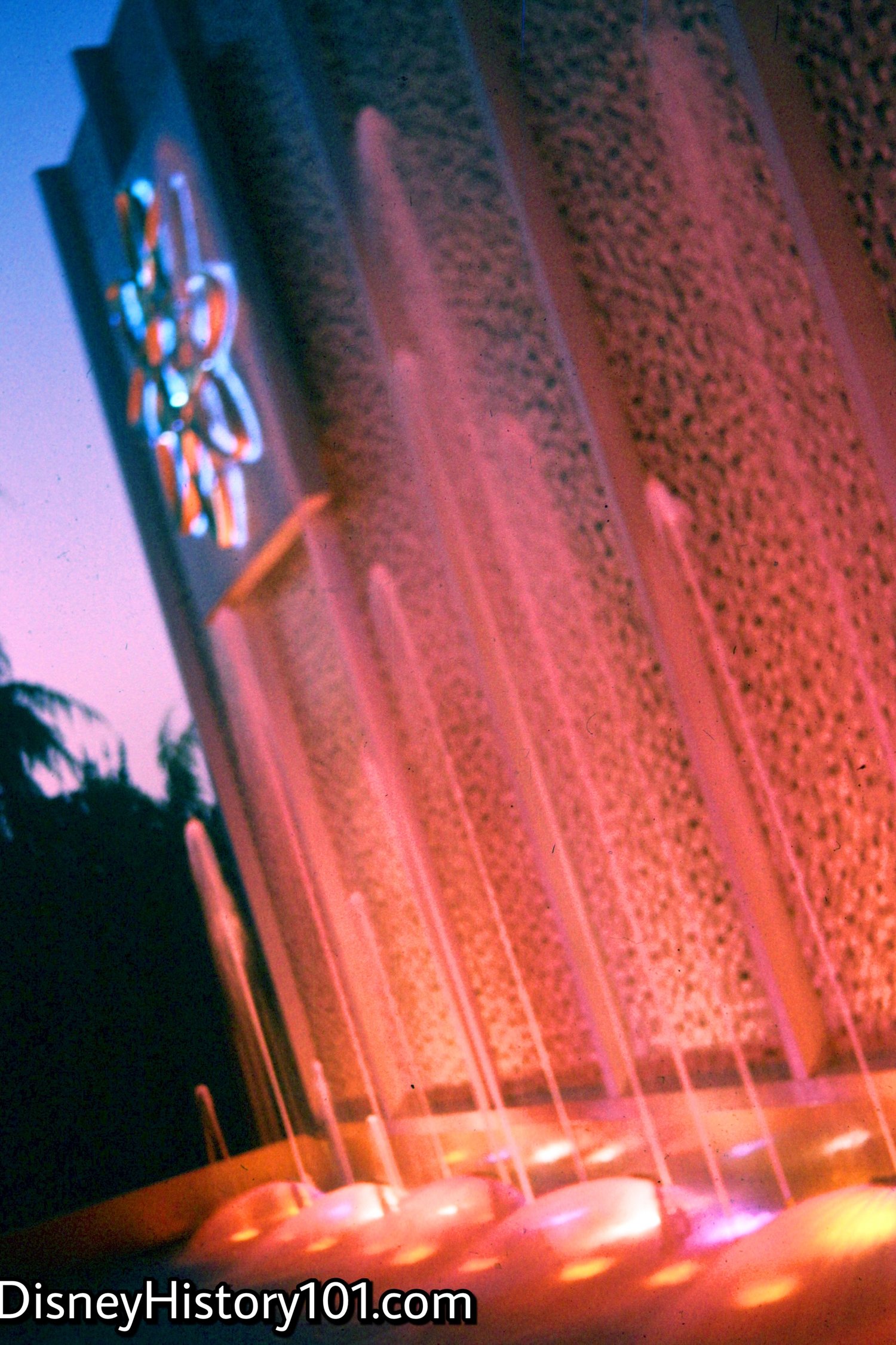
The illuminated fountains above the atomic logo (on the side of the Tomorrowland Exhibit Hall housing the CirCARama Show) were a nightly attraction in themselves!
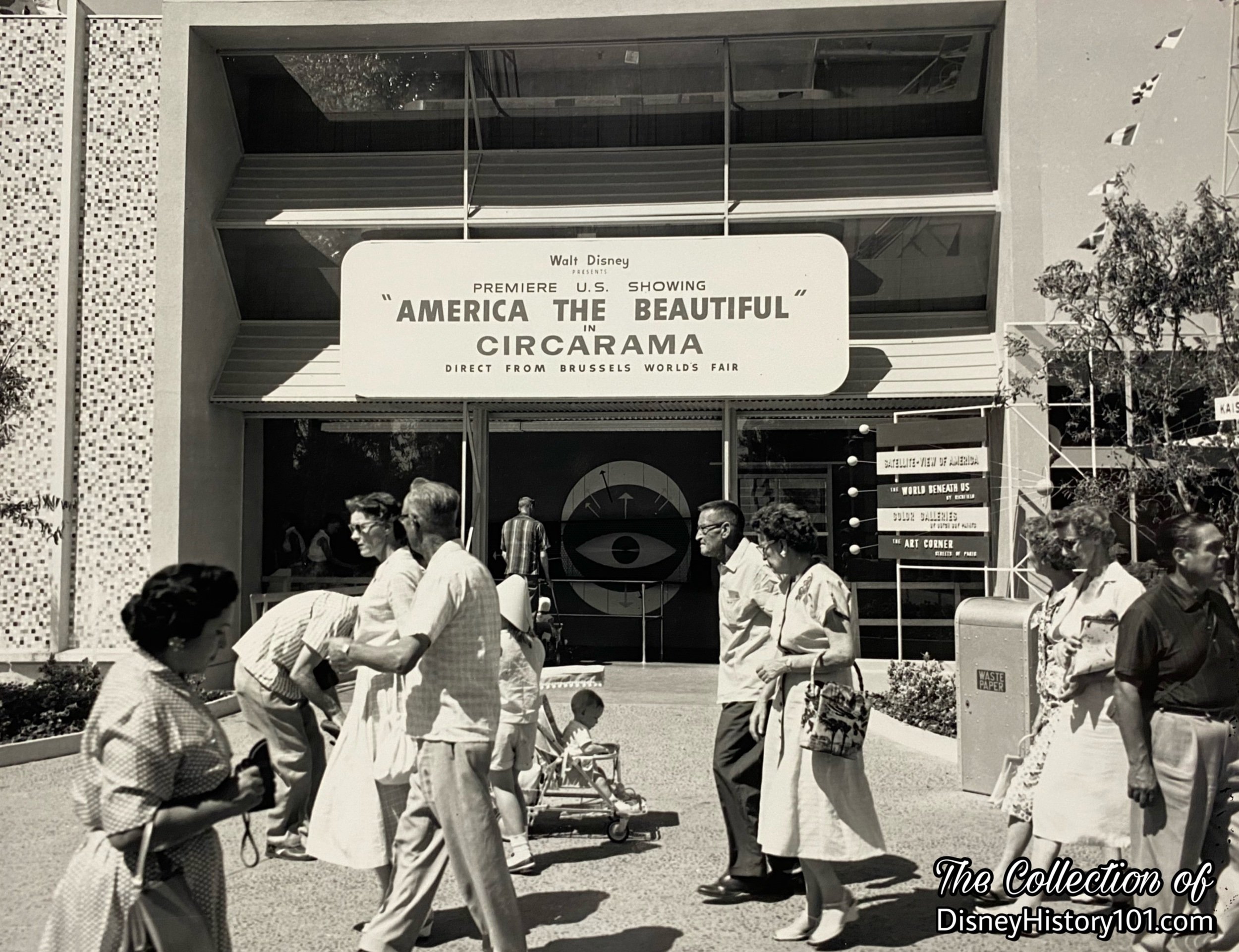
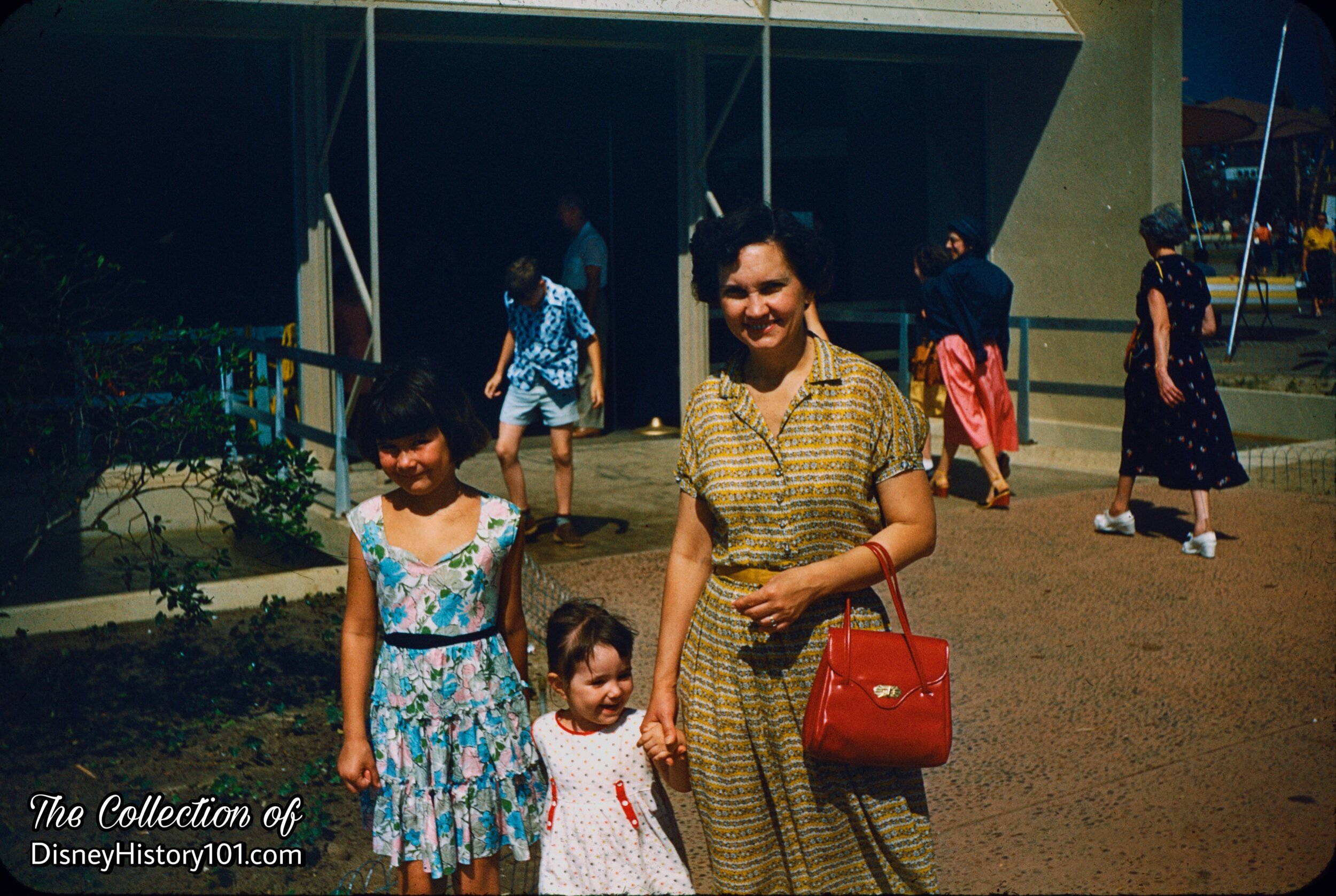
CirCARama (jointly presented by American Motors, Nash, Hudson, and Kelvinator) was presented as a free attraction with its adjoining American Motors Corporation exhibit in Tomorrowland, from June 14, 1959 - March 14, 1960. But, big changes were in store, and the theater was closed several times for remodeling.
During 1959, Disneyland, Inc. remodeled the interior of the CirCARama exhibit. Disneyland Inc. opened Job #032-50-36 and construction commenced on of 240-foot new wall, the installation of a 75 hand rails, relocate two ticket booths, remove an existing partition and remove 17 spot lights. In addition, new drapery material by the Studio (totaling $335.40) and air conditioning by subcontractor Smith Bros. (totaling $6,224) was installed. By 1959, the entire capital of the job (including the general construction overhead and subcontractor costs), totaled $12,562.88. Even after the job was closed, two new portable turnstiles were purchased at a total cost of $1,090, in October of 1959.
After the first month of operation, “institutional and product displays” were already being planned for the exhibit, according to an article published in “The Disneyland News” (Vol. 1, No. 2). These modifications (and others) also included new additions to (and versions of) the popular film which we will now examine.
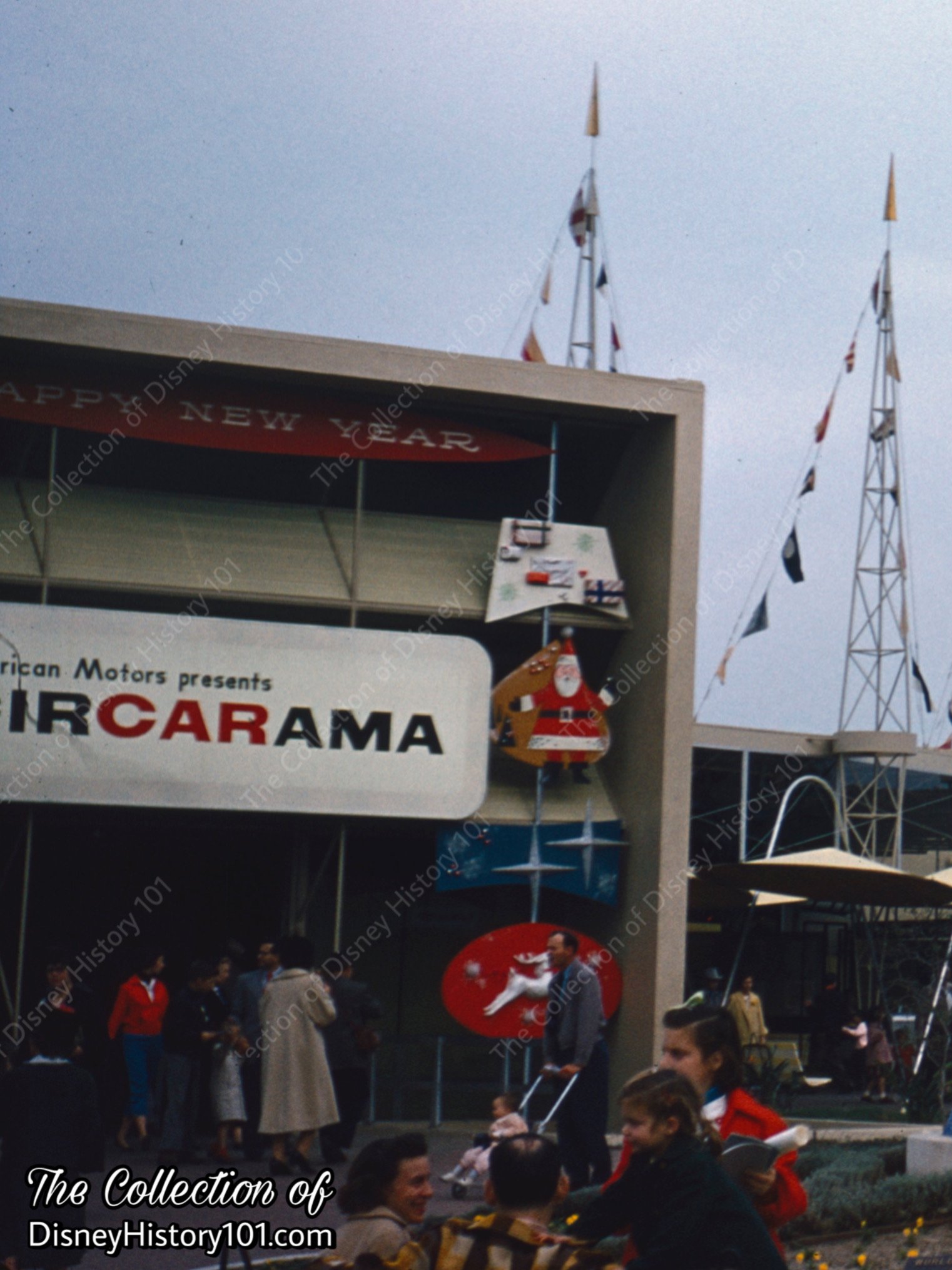

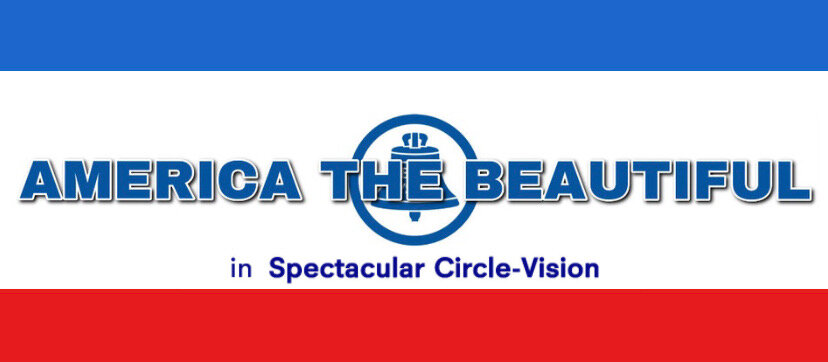
The Circarama process (which was first developed for Disneyland by Disney Studio technicians), was soon to be exhibited at the 1958 Brussell's World Fair, where it would be an important part of the Ford Motor Company’s United States special exhibit in Moscow (yes, Walt had been involved in a Ford-sponsored exhibit before the 1964 New York World’s Fair)! The new film - “America the Beautiful” - was created at the request of the United States Commissioner General Howard S. Cullman, who was in charge of the exhibit. It also became the sensation of Italy’s Turin Fair, according to “Walt Disney Disneyland,” published in 1964.

After the fair ended, a “brand new” Disneyland attraction - a CirCARama film - opened to Disneyland guests on June 14th, 1959! Yes, in place of “A Tour of the West” (or, “Around the West”) was a new main Circarama show - "America the Beautiful," developed by the Disney Studio and presented by American Motors Corporation. America's magnificent natural and man-made wonders (from East to West) were now on display for Disneyland's guests…in the unique “fast-moving” Circarama film "America the Beauitful."
The 11 separate projectors and 11 separate screens would bring to life the following presentation : “As the lights dim and the music swells into the stirring refrain ‘Oh beautiful for spacious skies,” the circular screen comes to life with a panoramic view of Mt. Rushmore from the air… [hearlding] the beginning of one of Disneyland’s best-loved attractions, ‘America the Beautiful’,” according to Disneyland LINE (Vol. 15, No. 37). Vacationland (Winter 1961-1962) described other memorable portions of the show this way : “Among the highlights : Washington D.C. at cherry blossom time ; the colonial setting of Williamsburg, Virginia ; the skyline of New York City and the Statue of Liberty ; an aerial view of the Grand Canyon ; a visit to a copper mine ; Ford’s automobile test track ; a bustling Midwest railroad yard ; and the pleasures of sailing in California waters.” The 18-minute film was presented in regular showings throughout the day, across 11 (or “9” according to “The Disneyland Diary”) screens, in the adjacent Circarama theater, “only one of its kind in the United States”, according to Vacationland (Summer, 1960).
“55er” Jim Harman remembered “the opening of AMERICA THE BEAUTIFUL, with its… screens. We had… men up there, behind the screens, trying to keep it working. The film would break and pile up all over the place!”
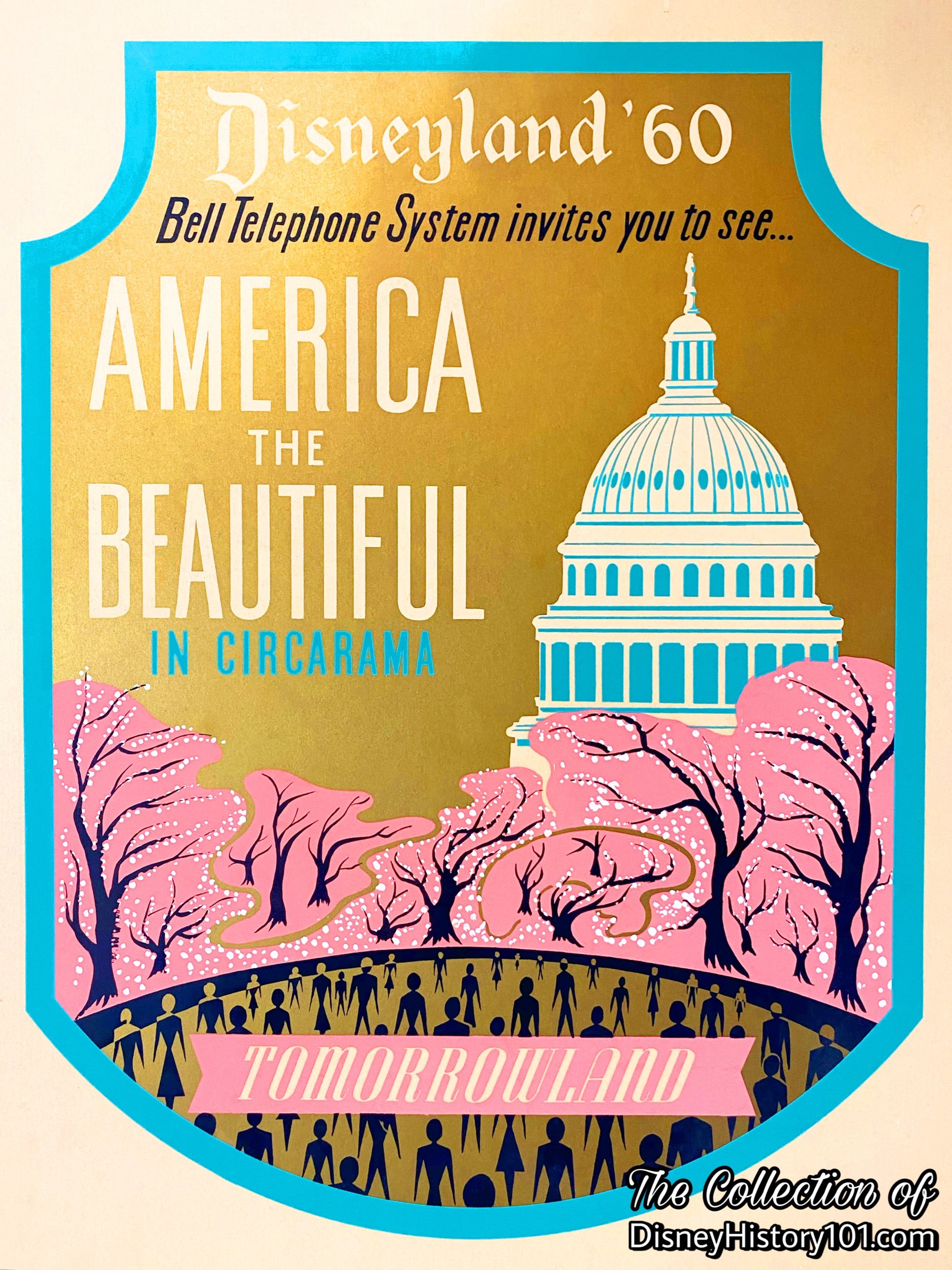
In addition to a new main show (sponsored by American Motors), a brand new Bell System Exhibit was housed in the pre-show and post-show halls on May 14* or 19, 1960 (*according to “Disneyland Rides & Attractions and Attendance Report,” 1981, page 50)!
“Entering visitors are given a demonstration of cross-country Direct Distance Dialing by Bell System representatives, then invited to view the wide-ranging story of communications, told through a dimensional, curving mural that carries out the theme… from sea to shining sea.” It was so popular that Bell Telephone’s 2 millionth guest had visited by July 16th , 1961. According to Disneyland Backstage (Summer, 1965), this original exhibit held many “cold hard facts of merchandising,” but within a few years would develop to accentuate “the beauty of outer space and the fascinating look into the future of our lives of leisure and fun.”
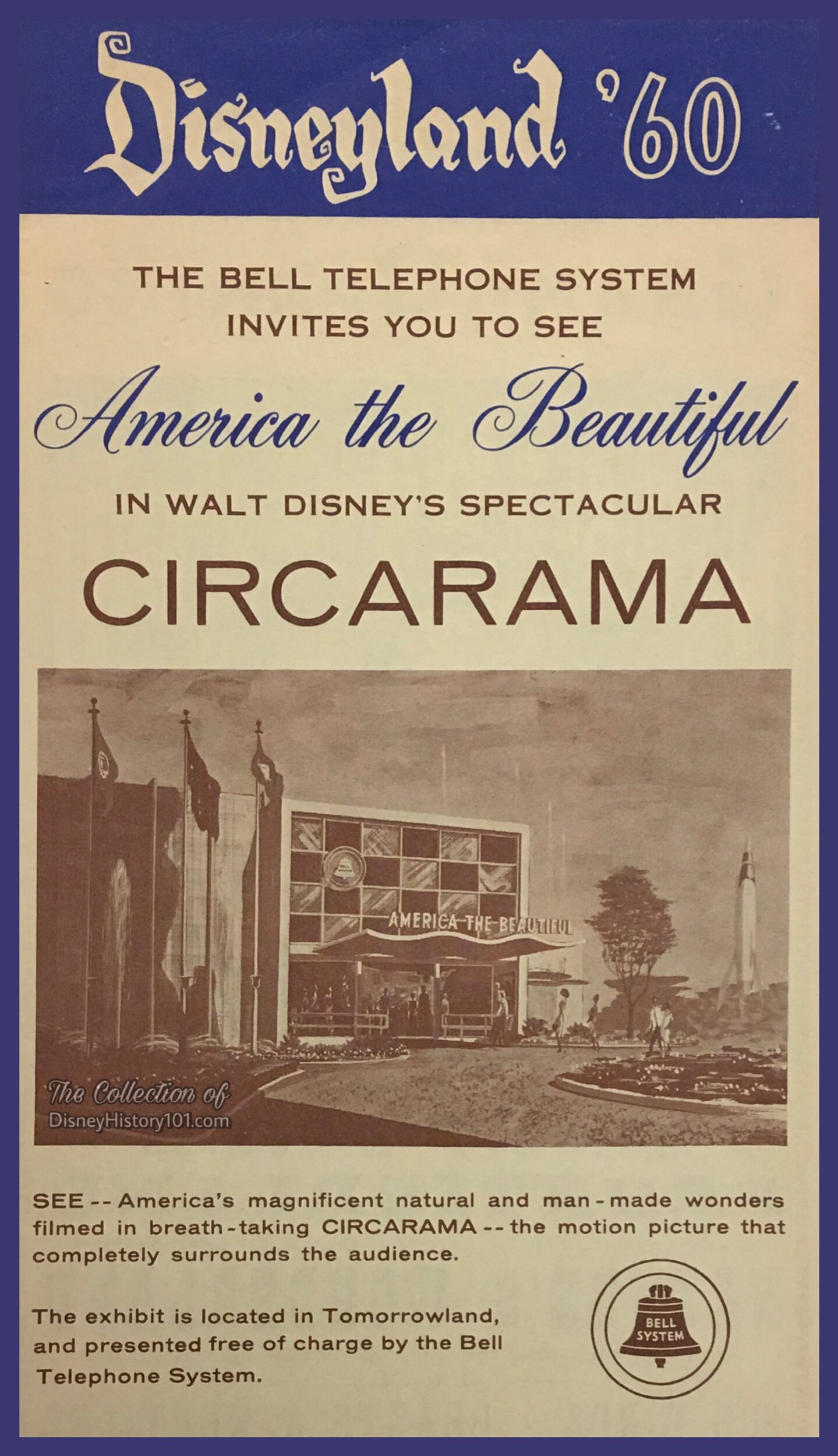
Two years later (in 1962), Disneyland Participant Affairs and Participant American Motors could not negotiate a new cooperative agreement to maintain their ongoing relationship. New sponsor Bell Telephone Company picked up the main show’s sponsorship, inviting guests to watch the Circarama film presented in Circle Vision. Yes, just through the Avenue of Flags tribute to the states of the union sits Tomorrowland’s exhibit halls, and a tribute to “America the Beautiful”!
According to Vacationland (Fall, 1962), “The Bell System, whose 360-degree Circarama film “America the Beautiful” enjoys popularity with both adults and children, has turned its exhibit into a yesterday, today and tomorrow of the telephone world. Called ‘Family Jones and the Telephones,’ its a graphic history from the early days to the Telstar communication satellites.”
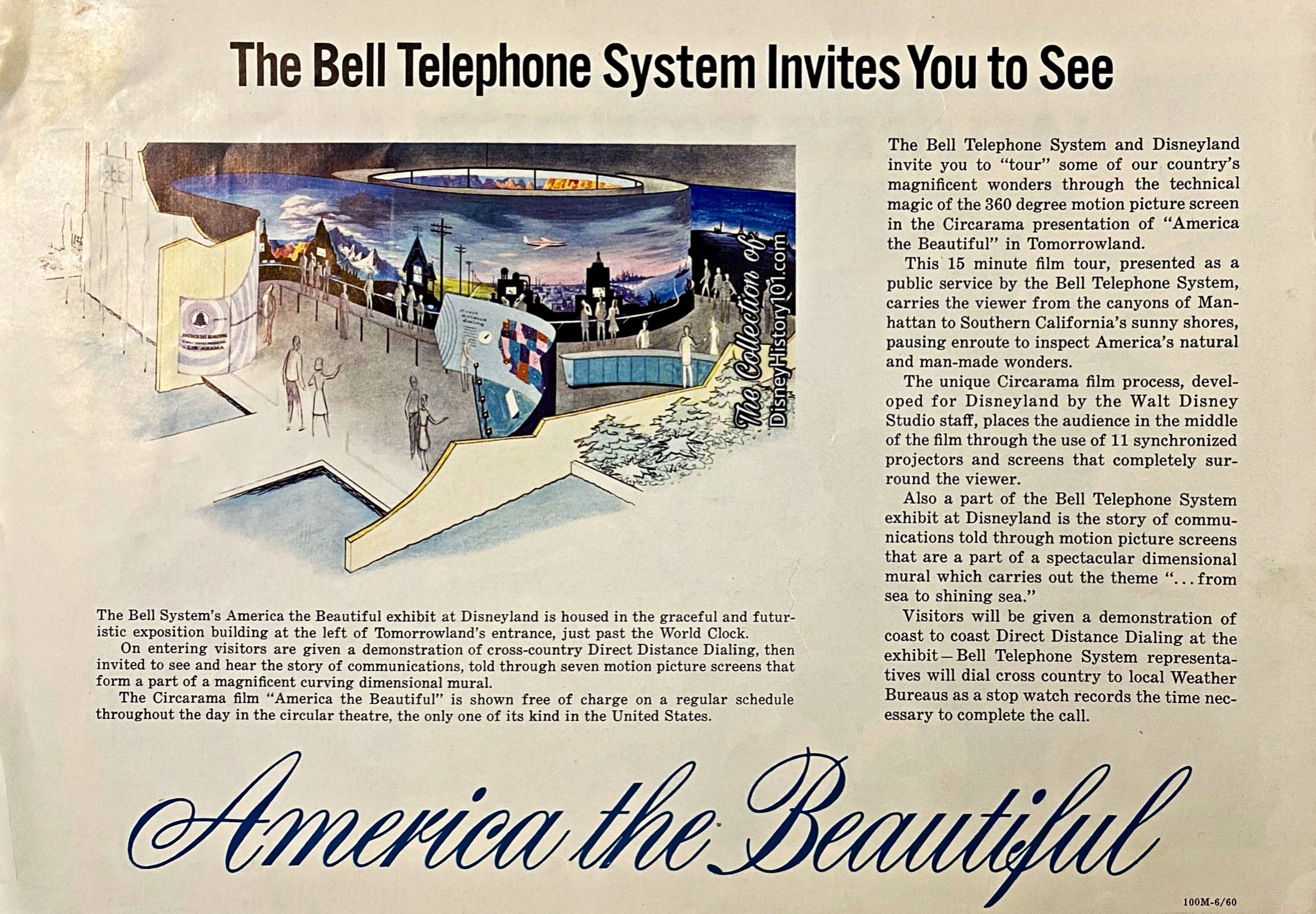

“Pre Show”
The Bell Systems Exhibit reopened on May 19, 1965, this time around with less “cold hard facts of advertising” and more “beauty of outer space and the fascinating look into the future of our lives of leisure and fun”, according to Backstage magazine (published Summer, 1965). In place of Shiny new Nash automobiles and Kelvinator appliances, the free exhibit now featured the latest decorator phones around CirCARama’s floor. In 1964, an AT&T Picturephone (located at the New York World’s Fair) was connected to an AT&T Picturephone located in the CirCARama free exhibit at Disneyland!
During this time, the Pre-Show Room (still sponsored by the Bell System communications network) invited guests to see the latest innovations in telephone communications, by presenting a demonstration of cross country Direct Distance Dialing, performed by Bell System representatives. The author of the “Today’s News From Tomorrowland” article published in Disneyland Backstage magazine (Summer, 1965) shares their overwhelming thoughts on some of the Pre-Show displays, “Our picture phone has been a source of many wonderful conversations plus seeing our own Disneylanders talk with us from the Bell System Exhibit at the New York Word’s Fair. I’m sure that we have talked to at least 20 or 30 of them, all having fun with one of our many thoughts for the future. As we think of space and the fascinating future it holds for all of us, we are able to show you how our electrical impulses beam to Telstar - Awe-inspiring, I must say. For another look into the the future we have our Electronic Switching Office which will enable each and every one of you to use our touchtone dialing. Just buttons to push. That’s all, bt what it will do is amazing. For example, your poor little dog has been in the house all day and needs a little exercise. Just key the abbreviated numbers and out he comes. What a life. Last, but certainly not the least, our wonderful show, ‘America the Beautiful’, still an outstanding attraction.” For a finale, above the post-“show” piece, the “wide-ranging story of communications” was explained through an expansive mural that carried out the theme - “from sea to shining sea”!
Not pictured, was the Electronic Switching Office - an amazing invention (far ahead of its time, and an early form of something that we use in the present) - “which will enable each and every one of you to use your touchtone dialing. Just buttons to push. That’s all, but what it will do is amazing. For example, your poor little dog has been in the house all day and needs a little exercise. Just key the abbreviated numbers and out he comes. What a life.”
During this era, Opal Henn (known as “Mother Henn”) made a unique contribution toward the Disneyland Show as she managed the Attractions Hostesses of the Bell Telephone Exhibit. Opal interviewed each and every one (all 245 girls from 1963 to 1966), including Joyce Williams (who served as an Assistant Manager until she was succeeded by both Barbara Steffen and Helen Brenton during the summer of 1966). Opal also oversaw such details as their performance, checking their makeup, and making sure that they were in their proper positions and smiling at guests. Opal unwittingly began a tradition of CirCARama (and Circle Vision) female Leads. She was succeeded by Mary Hanson (who managed the exhibit for 10 years during the 1970s), and then Helen Baker (who became manager in 1980, and was performing this role by 1984!
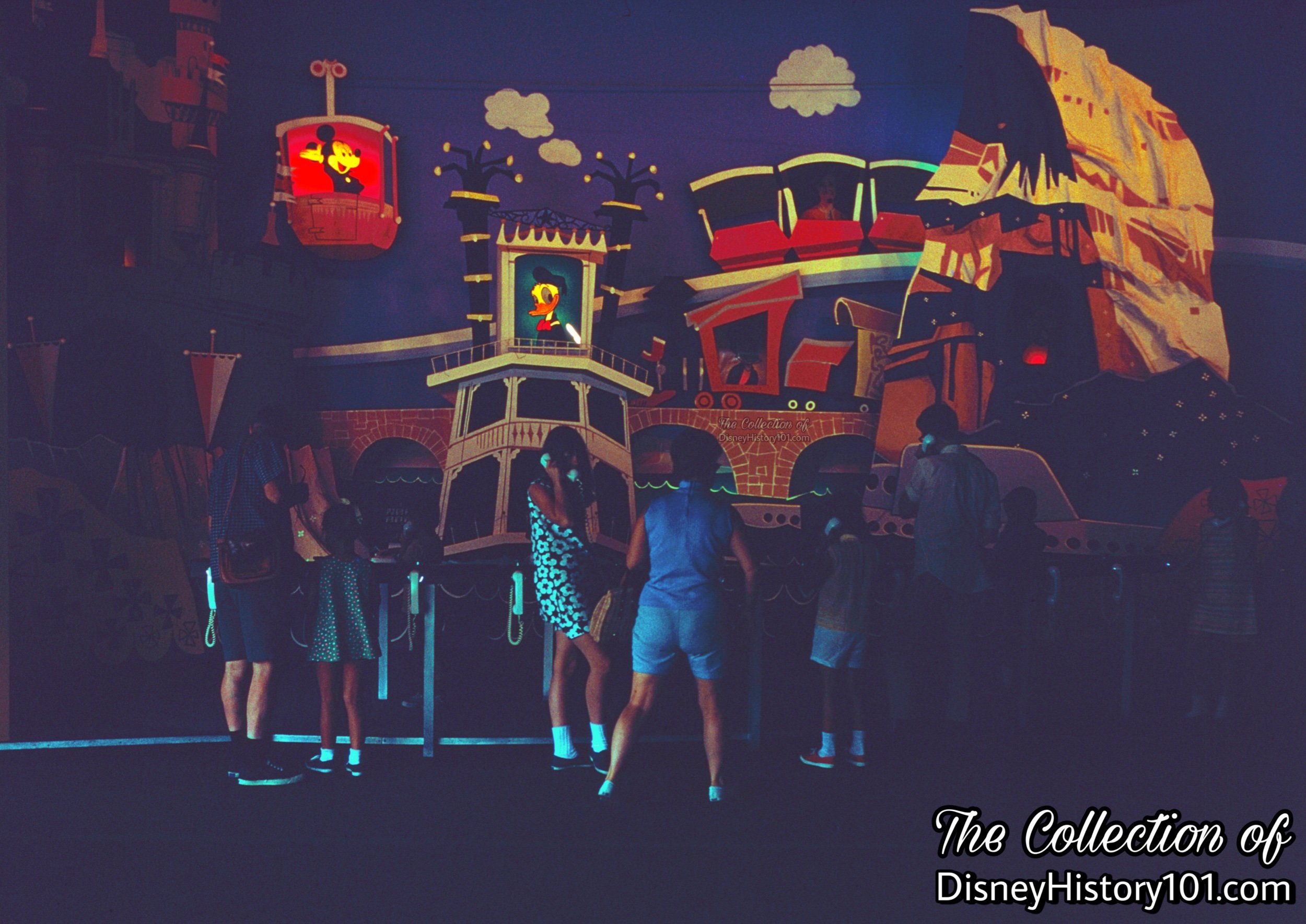
Call up Mickey Mouse, Goofy, Donald Duck, and Snow White on "Small Fry" phones! Mom and Dad can listen too. “Their portraits light up as they deliver their pre-recorded messages to callers.”
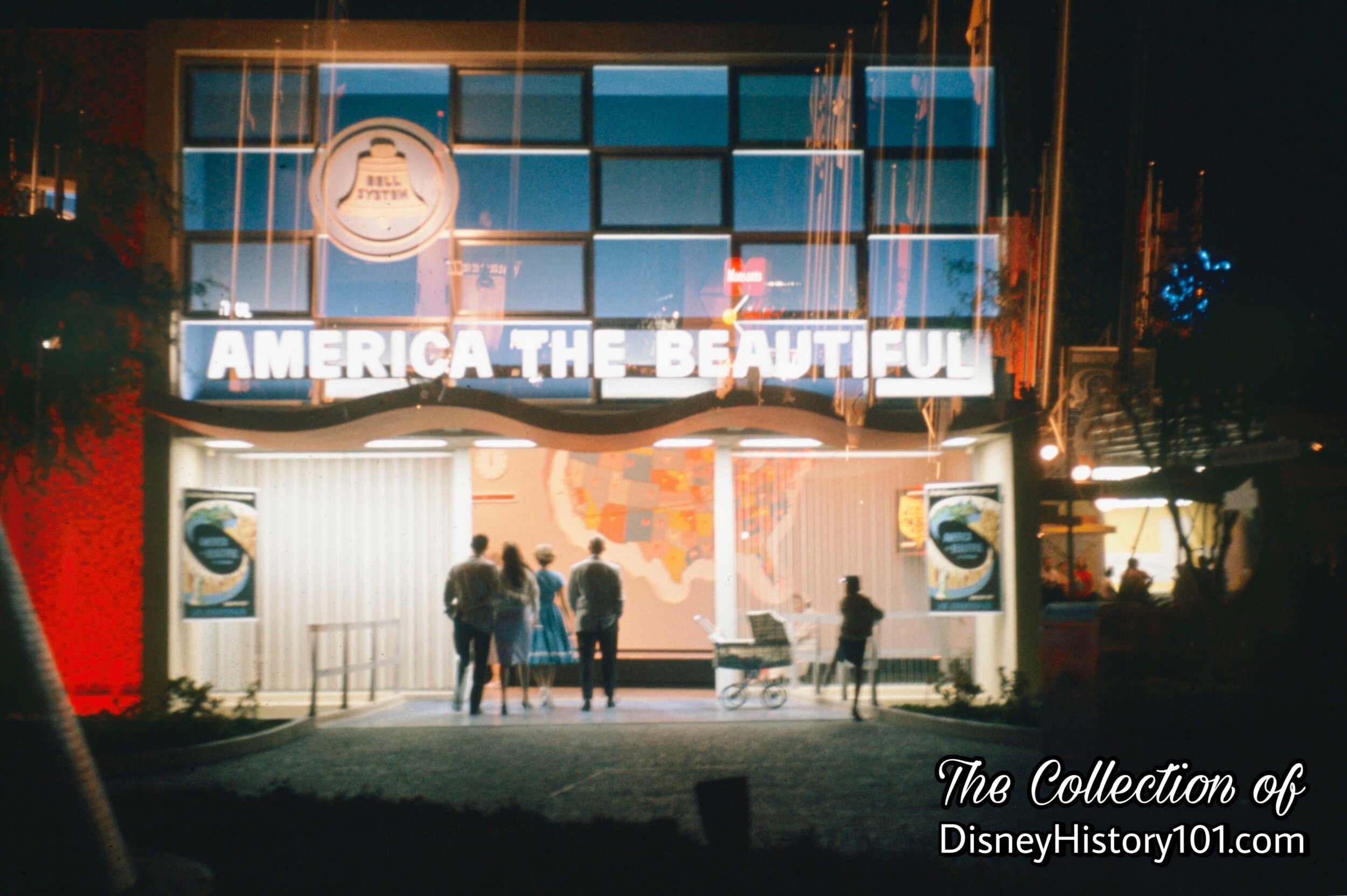
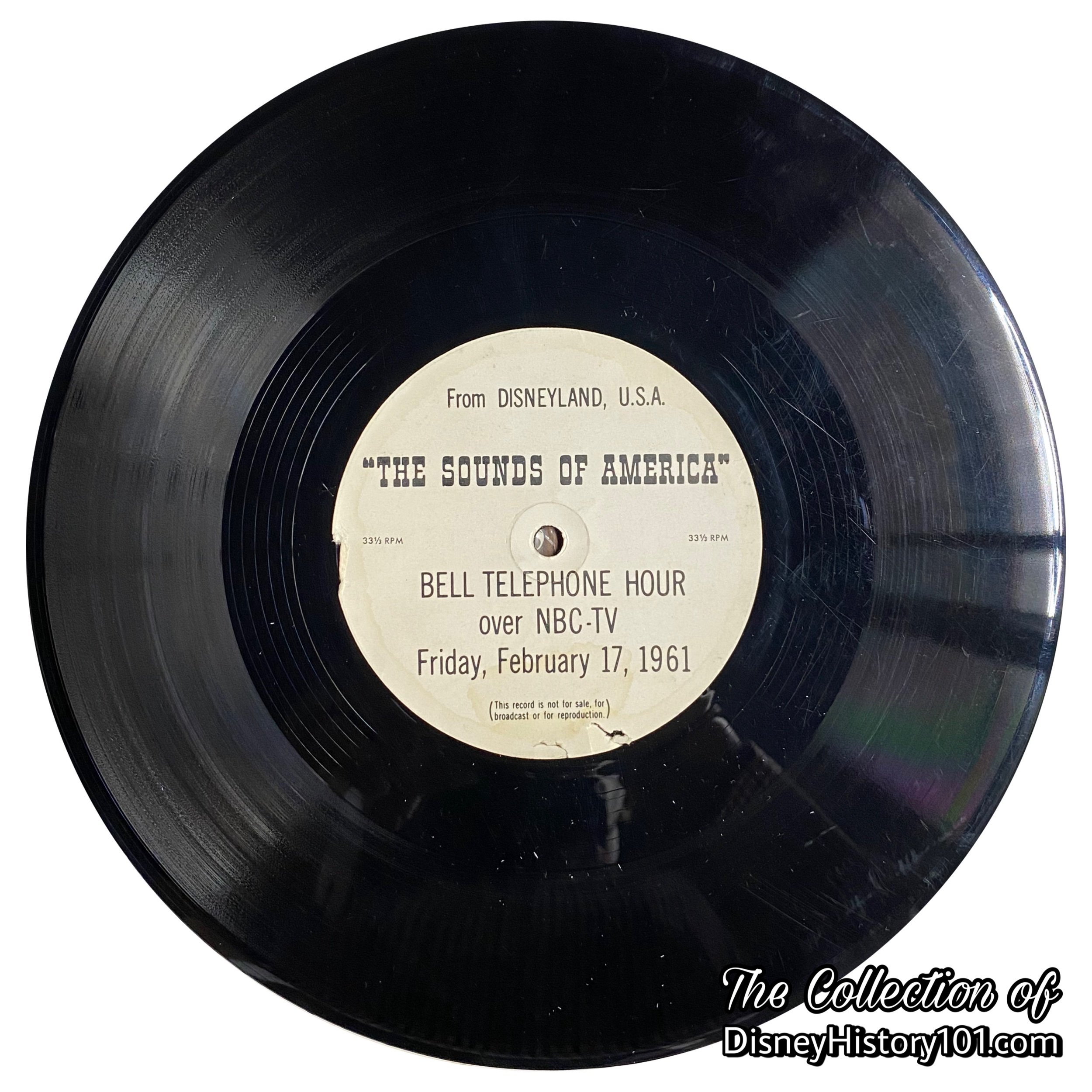
“The Bell Telephone Hour”
During Bell Telephone’s Disneyland sponsorship era, there were several corporate sponsored television shoots that took place at Disneyland! “The Sounds of America” an original musical (part of the “Bell Telephone Hour” television program) was entirely filmed at Disneyland! This was the first time that a big all musical show would originate at Disneyland and employees who worked on Mondays and Tuesdays when the Park was closed would be given a preview of sorts. According to The Disneylander VOL. 4, NO. 10; OCTOBER - NOVEMBER, 1960: “Those of you who man the fort these lonely winter Mondays and Tuesdays will have a show of your own to brighten the day because preliminary test filming for a Bell Telephone Hour TV program has begun here at the Park. In case you're interested and have the time to get a back stage glimpse of what goes on in putting a TV spectacular together, the tentative rehearsal schedule for the production is as follows: Monday, Oct. 24th- Sleeping Beauty Castle; Monday, Oct. 31st Main Street and Monday, Nov. 7th- Entire Company. On Saturday, Nov. 12th, the big TV equipment will move in and the show will be video-taped on Monday, November 14th. This Bell Telephone Hour will be the first big all musical show to originate at Disneyland and will be shown on NBC around Easter.”
“Executive Producer Barry Wood had the sounds - music and lyrics by Gordon Jenkins, and ‘film scored assays’ created by documentary-film maker Irving Jacoby - but he needed some sights to go with the sounds. He concluded that Disneyland park, with its life-size reconstructions of Americana, would provide a suitable backdrop for the show, which recalls the sound’s of America’s past. The problem. Thousands of people swarm over Disneyland all day long, five days a week. How can you make a musical there? The solution. Rehearse at night, under lights, and from sunrise to sunset Mondays and Tuesdays, when Disneyland is closed to the public. Then, finally, film and tape the show in daylight. It took six weeks of this schedule to complete ‘The Sounds of America’. The result will be seen this Friday (Feb. 17). To Hermes Pan’s choreography, four dancers - Gene Nelson, Jacques d’Amboise and identical twins Jane and Ruth Earl - will be dancing in Disneyland”, according to “Dancing in Disneyland” (an article published in TV Guide, for the week of February 11-17, 1961).

The Bell Telephone exhibit at the entrance to Tomorrowland (which closed briefly, and re-opened on May 19, 1965) also served as another filming location, this time for a Jack Denove Production (during the Fall of 1965). By 1965, Bell Telephone System was accounted among Disneyland's 29 Institutional Lessees.
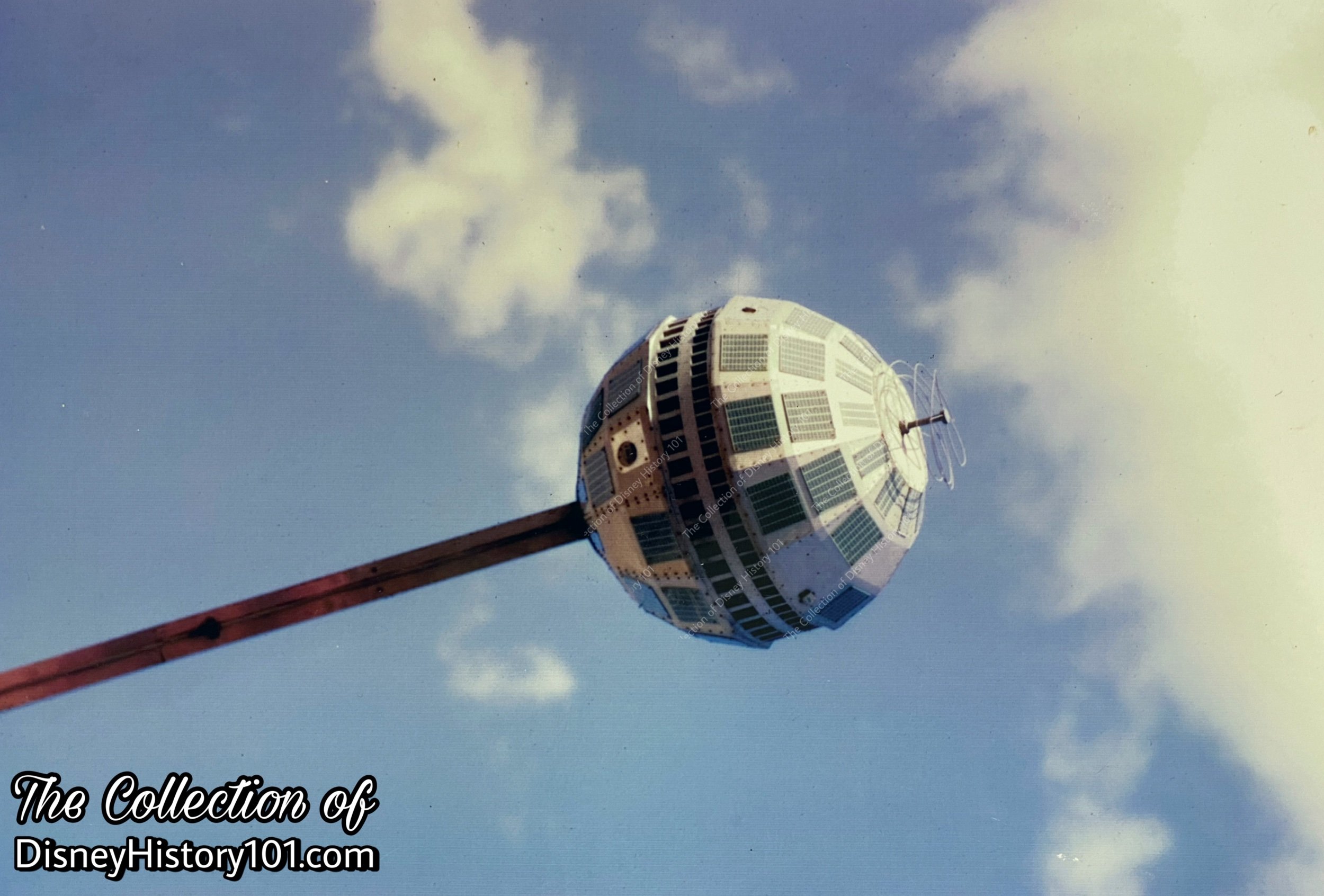
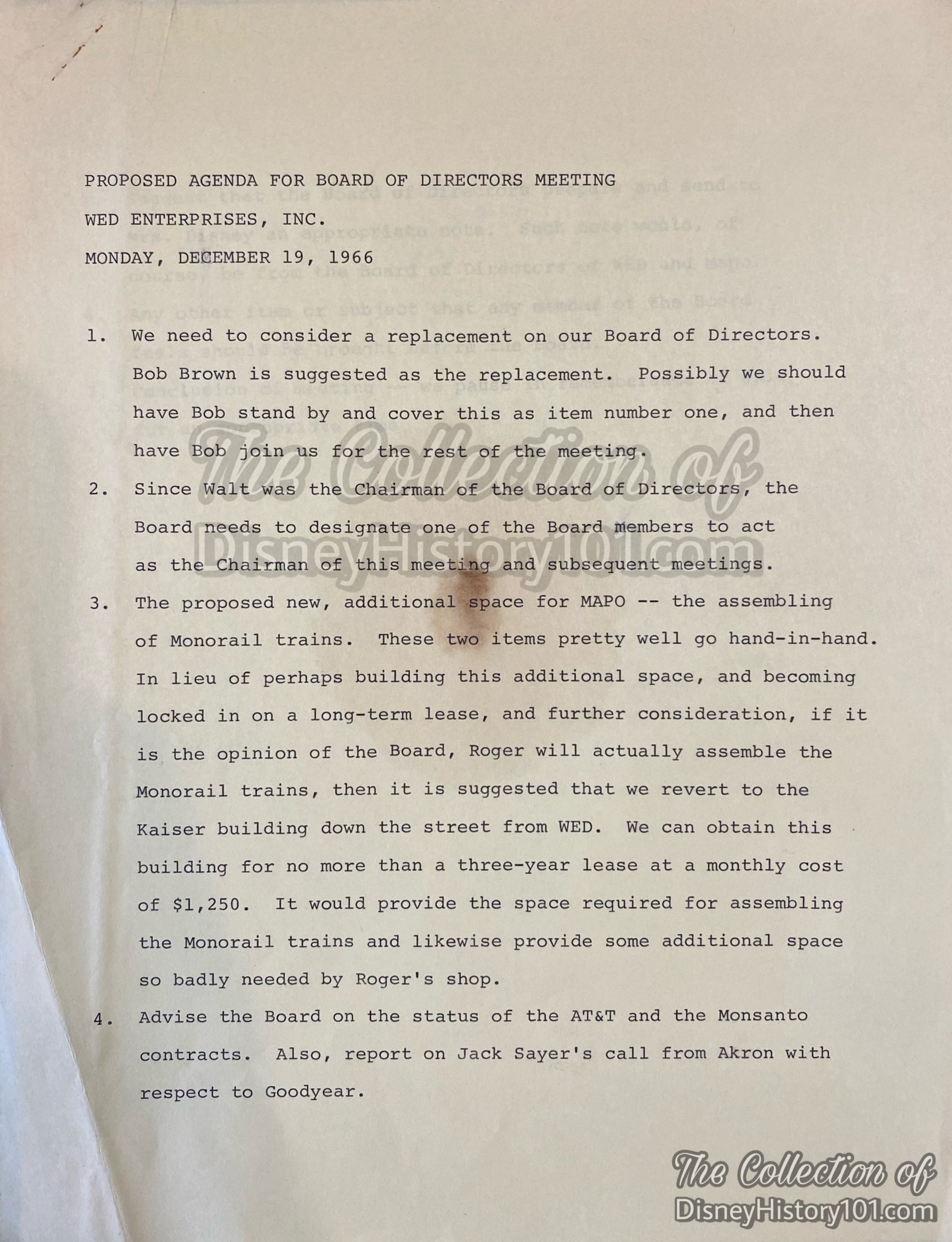
A WED Enterprises meeting held four days after Walt’s passing would address the AT&T contract.

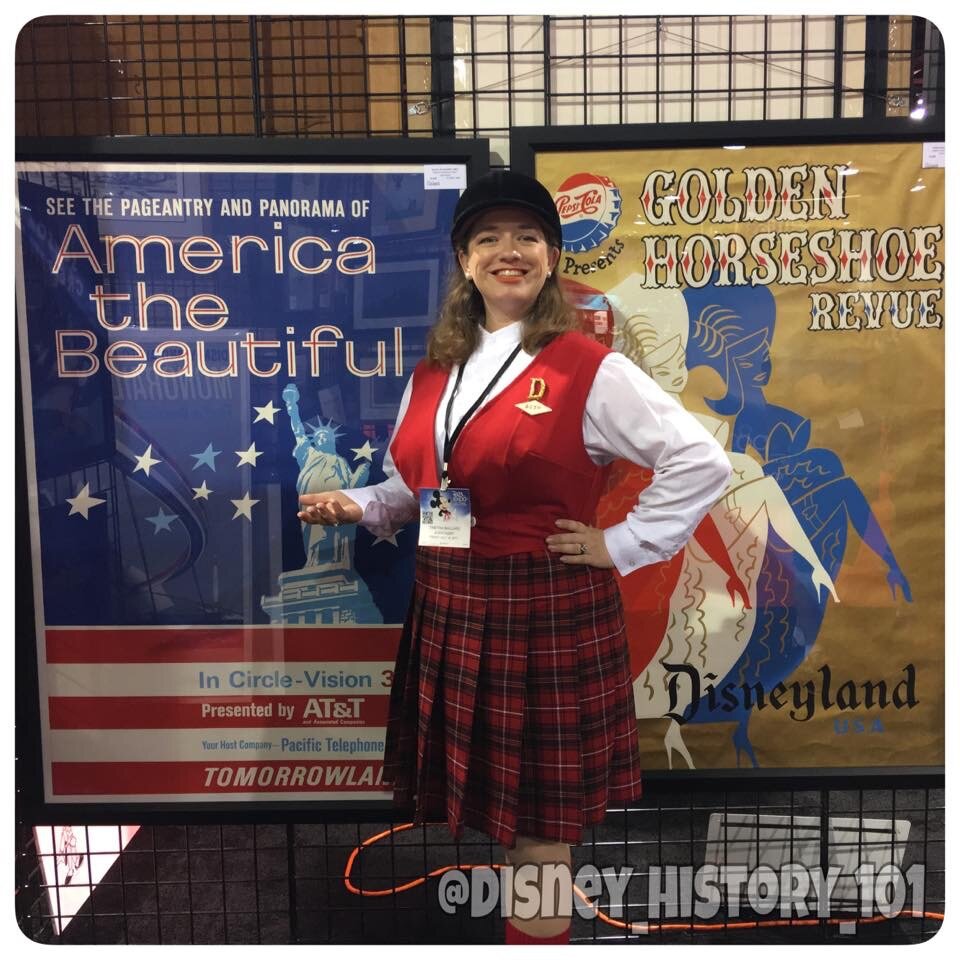
America the Beautiful (also occasionally billed as CirCARama U.S.A.) would continue to run five more years, under its new sponsorship, before the Circle - Vision Theater closed September 5, 1966 or January 3, 1967. [*according to “Disneyland Rides & Attractions and Attendance Report,” 1981, page 50]
After a short rehabilitation, the exhibit and an updated version of the film would run again, starting on June 25, 1967. Pictured above, is an America the Beautiful attraction poster, similar to those ones seen as you passed through the tunnels leading to Main Street U.S.A. (from 1967 to 1984)!
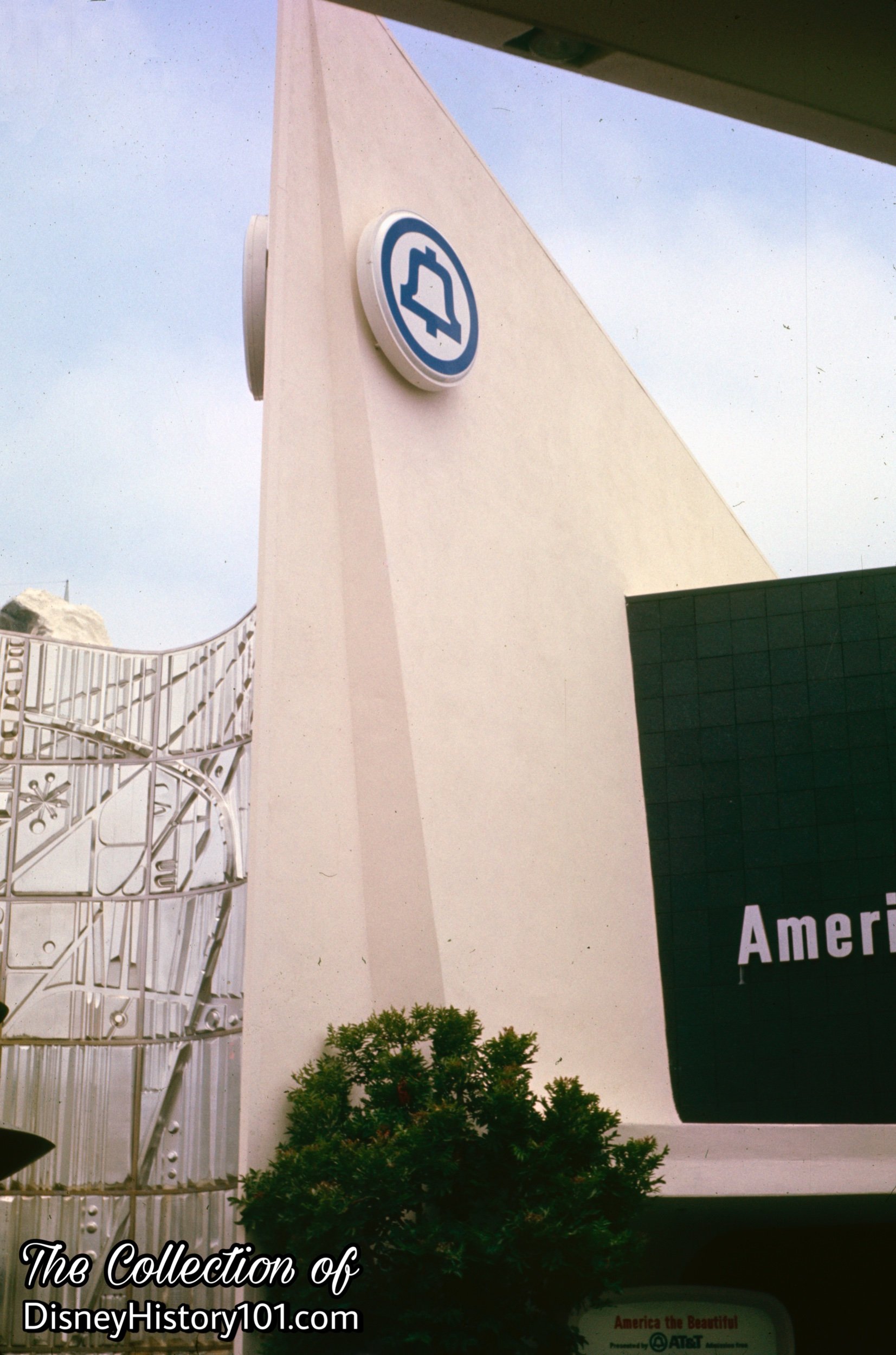

According to the “Walt Disney Productions Annual Report to Shareholders and Employees Fiscal Year Ended October 2, 1965” mentioned “three present lessees… discussing expansion of their already popular attractions.” Among these was “the Bell System’s ‘America the Beautiful.’” A new Circle Vision 360 film was being considered with “an immediate program of follow through”ready to be employed. In one Disneyland Inter-Office Communication dated November 9th, 1965, Jack Sayers informed all concerned : “We are recommending a new Circle-Vision 360 attraction for Tomorrowland and have discussed this at length with AT&T and PT&T. A preliminary budget has been submitted to them. The agreement would be for five years with an option for five additional years at a fee of $100,000 per year. Bell would assume cost of the facility, the film equipment, etc. A meeting with telephone executives from New York and San Francisco is scheduled for next week.”
Soon, during 1966, WED Enterprises, Inc. opened project (No. 0052) for Bell System “America the Beautiful.” Internal materials published 1966 described: “Bell Telephone Exhibit - A new movie, Circle Vision 360, is currently being filmed, and this time in 35 mm. The new auditorium will ‘stand’ approximately 1,000 guests as opposed to the current capacity of 250.”
As late as August 25, 1966, designs and drawings had been prepared for a Utility Tunnel that would connect the North end of Bell System Building to the General Electric exhibit, a Character Restaurant Basement, a Matterhorn pump area, and East End of Tunnel with access elevator. Work continued on this four phase project at least up to September 27, 1966.
By November 17, 1966, the WED Enterprises, Inc. Board had approved a budget of $1,732,000.00 ($798,000 for the facility; $934 for the show; including a $30,000 write-off) for project #0052 - the Bell System Exhibit in Tomorrowland. According to the Summary of Project History, the scope of this was a “Facility to house the Bell System Theatre including entrance lobby, pre-show area, and exit lobby, 360 degree ‘Circle-Vision’ Show.” Construction was to begin October 1, 1966 and completed in May 1, 1967.
Many Disney personnel who were present, remember the tragedy that occurred on Thursday, December 15, 1966, at 9:35 a.m., when their brother, their friend, and leader, Walt Disney died. Soon after, Roy O. Disney, President and Chairman of the Board of Walt Disney Productions addressed the staff with an official statement, in which it was conveyed:
“Walt Disney spent his entire life and almost every waking hour in the creative planning of…Disneyland… and the other diversified activities that have carried his name through the years. Around him Walt Disney gathered the kind of creative people who understood his ways were always unique and he built a unique organization. A team of creative people that he was justifiably proud of… Many have been with us for over thirty years. They take great pride in the organization which we helped to build. Only through the talent, labor ad dedication of this staff could any Disney project get off the ground…
Much of Walt Disney’s energies had been directed to preparing for this day. It was Walt’s wish that when the time came he would have built an organization with the creative talents to carry on as he established and directed it through the years. Today this organization has been built and we will carry out this wish.
Walt Disney’s preparation for the future has a solid, creative foundation. All of the plans for the future that Walt had begun… the expansion of Disneyland… will continue to move ahead.”
With Roy’s words of Walt’s wishes in mind, not even a week after the passing of a friend and leader, Walt Disney, the WED Enterprises, Inc. Board of Directors met for a special meeting agenda on December 19, 1966. There, the fourth subject involved advising “the Board on the status of the AT&T… contracts.” Soon, the American Telephone & Telegraph Company would invest $27, 575.74 into the new January 1967 exhibit and show for Tomorrowland! The result was that Circle Vision 360 was accounted among eight new and exciting Disneyland attractions which carried total Park investment to $95 million. The newest United States of the Union would be included in the Show - Alaska and Hawaii.
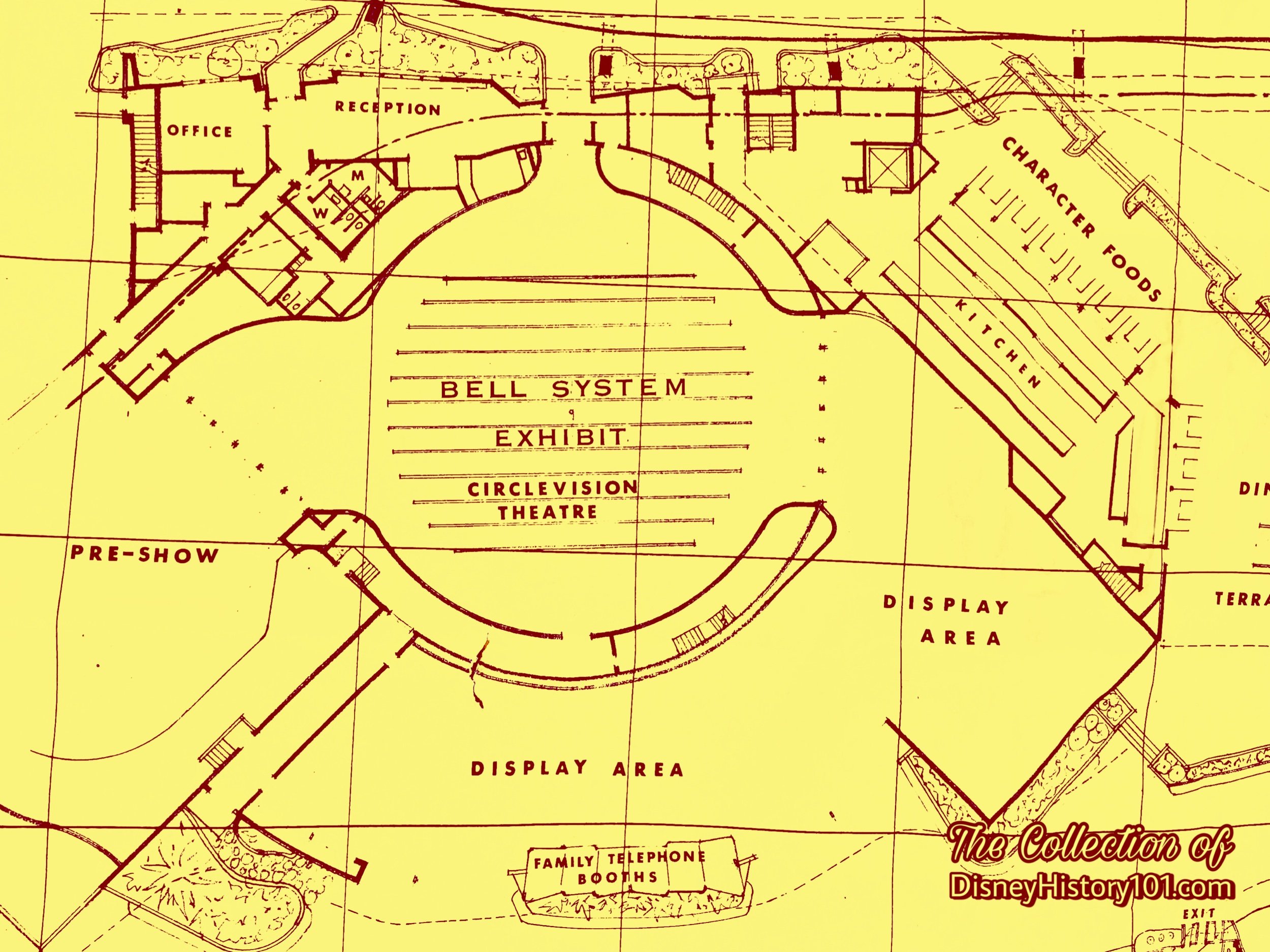
Unseen, Disneyland Sound Mechanics and Projectionists are perhaps the best hidden of the craftsmen in Maintenance. They are truly “backstage” but you'll find them above stage at the beautiful Bell show.
A person coming to Disneyland would soon be able to enjoy world renowned free shows, such as Monsanto's Hali of Chemistry and home of the future, Bell Telephone's Exhibit, “America the Beautiful,” and Pepsi-Cola's Golden Horseshoe Revue.
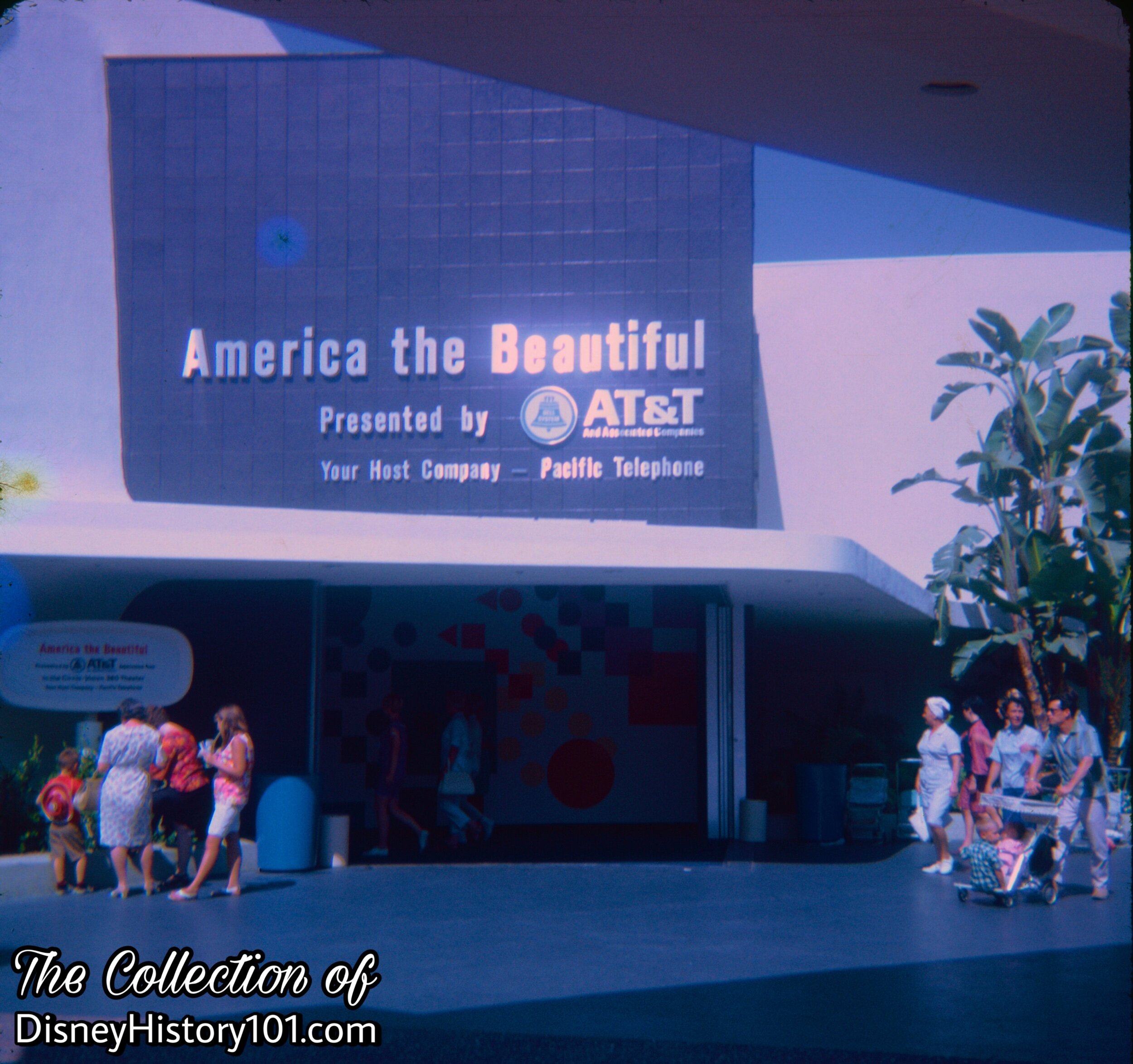

A real “down-to-earth” Tomorrowland Spaceman greets a couple of young future cosmonauts near the the entrance to America the Beautiful!
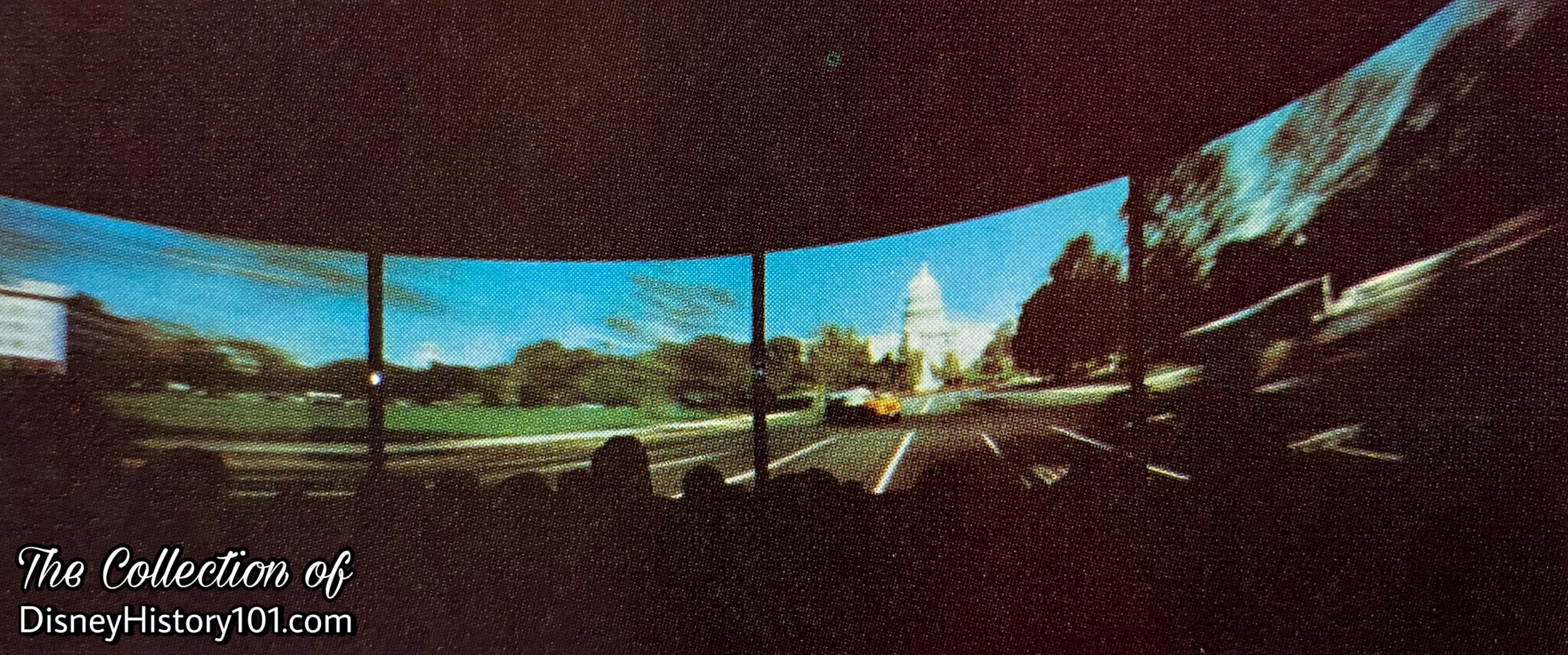
New scenes were shot and recorded on 35mm film : Disneyland’s Christmas Parade, Pasadena’s Tournament of Roses Parade, scenes from Sun Valley, Idaho in winter, Yosemite Valley (including Half Dome) in California, views of San Francisco (Lombard Street, Fisherman’s Wharf, Golden Gate Bridge, and Chinatown), and finally scenes from Hawaii (including Waikiki Beach, the palace, Makapuu Point, Moana Hotel University of Hawaii, a Banyan Tree, and even a pineapple harvest)! The Art of Animation Building and East wing building (containing the Art Corner), were stripped of their interior displays and utilized for the new theater and post-showroom.
The exhibit hall and show would soon re-open (on June 25th, 1967) as Circle - Vision 360, with an updated version of the film America the Beautiful. America the Beautiful Circle-Vision 360 presented by Bell System, AT&T and Associated Companies and Hosted by Pacific Telephone Company, was a free tour of the USA through the magic of Circle Vision 360. The pageantry and drama was soon projected on “a continuous, 18-foot vertical, 80-foot diameter screen.” Summertime showtimes ran from 8 am to 1 am. On one 18-foot vertical, 80-foot diameter screen, you’ll see America all around you - from New York harbor to Hawaii, from Alaska to the Florida Keys. The free post-show exhibit also featured the latest decorator phones!
According to “Disneyland Attractions Time Studies 1968”:
Theoretical Hourly Capacity - 3,000
Capacity of Theater - 1,000
Capacity of Pre-Show - 600
Capacity of Post Show - 200
Cycle Time (“fill and spill”) - 20:00
Theater Load Time - 1:00
Show Time - 18:00
Theater Unload Time - 1:00
Dispatch Interval - 20:00
Shows Per Hour - 3
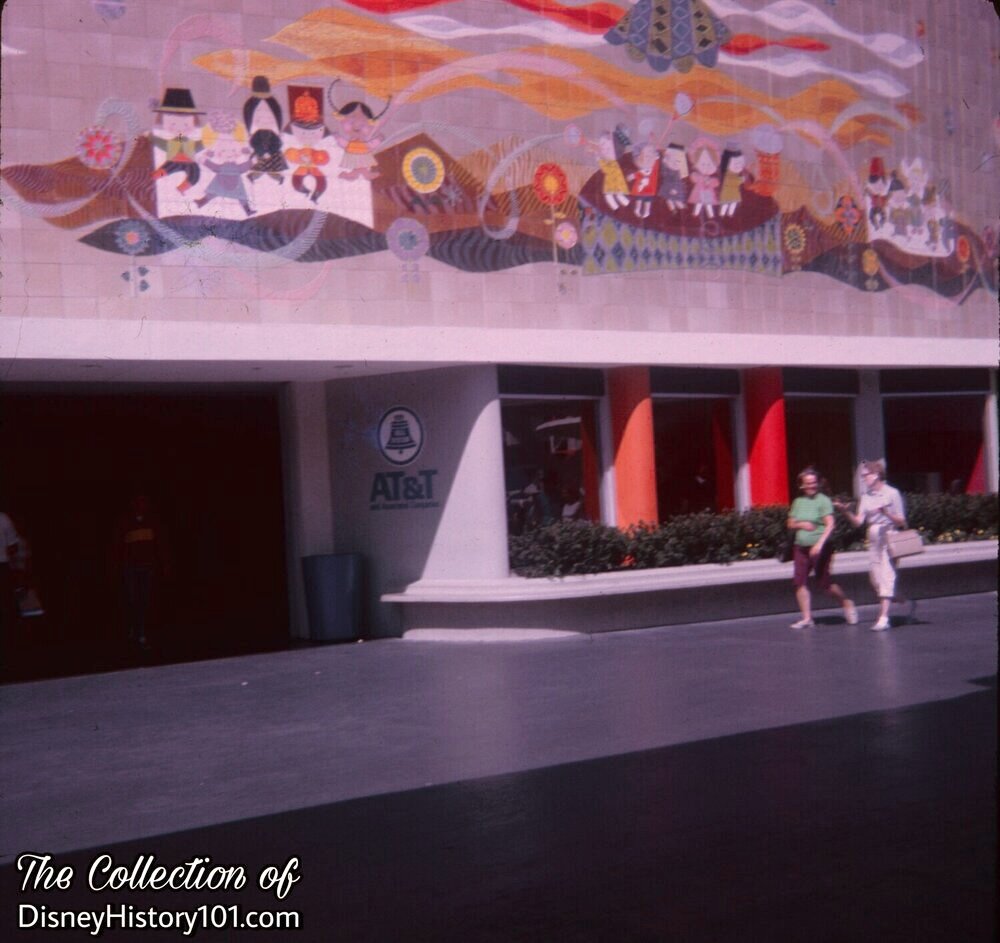
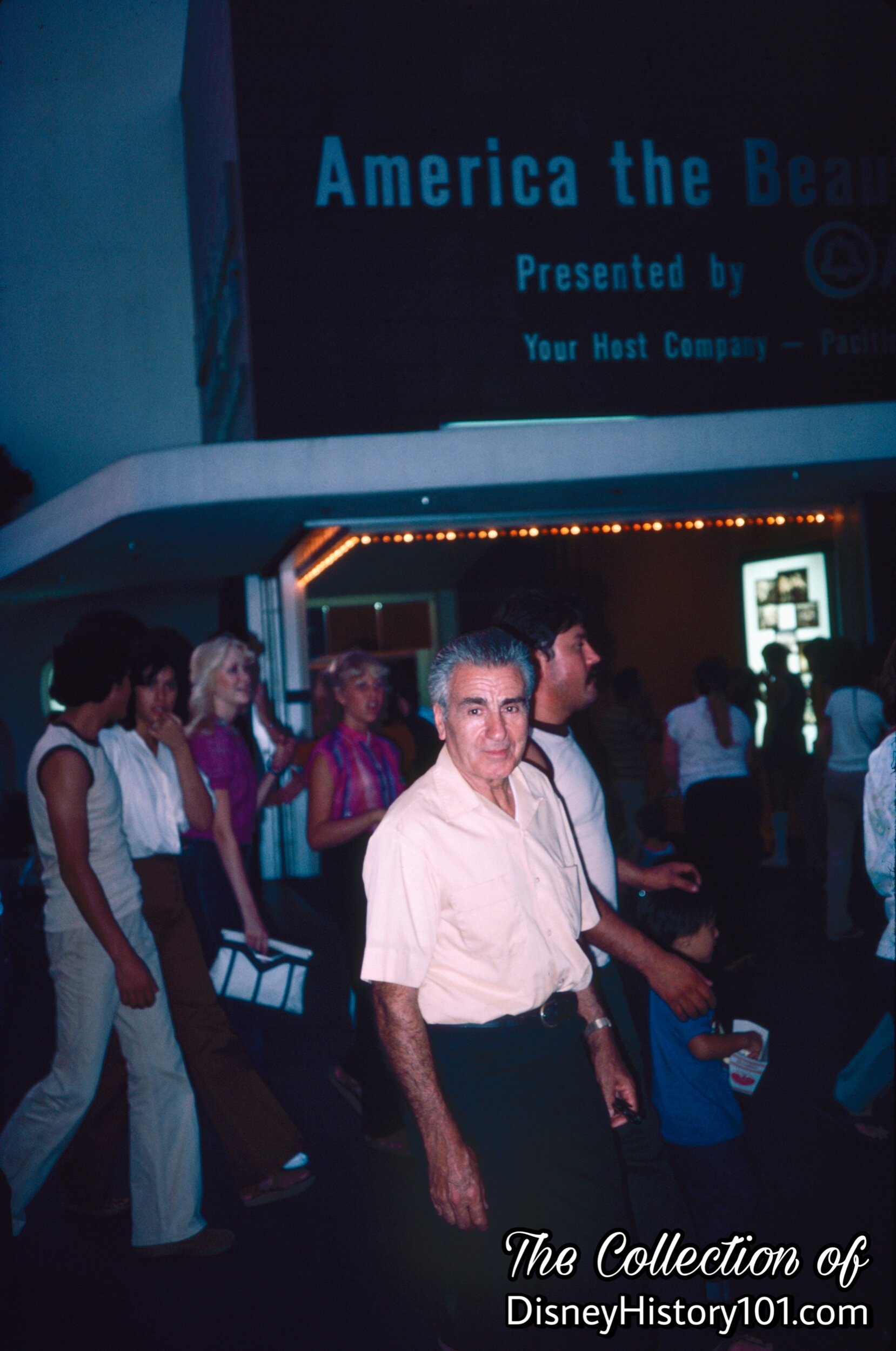
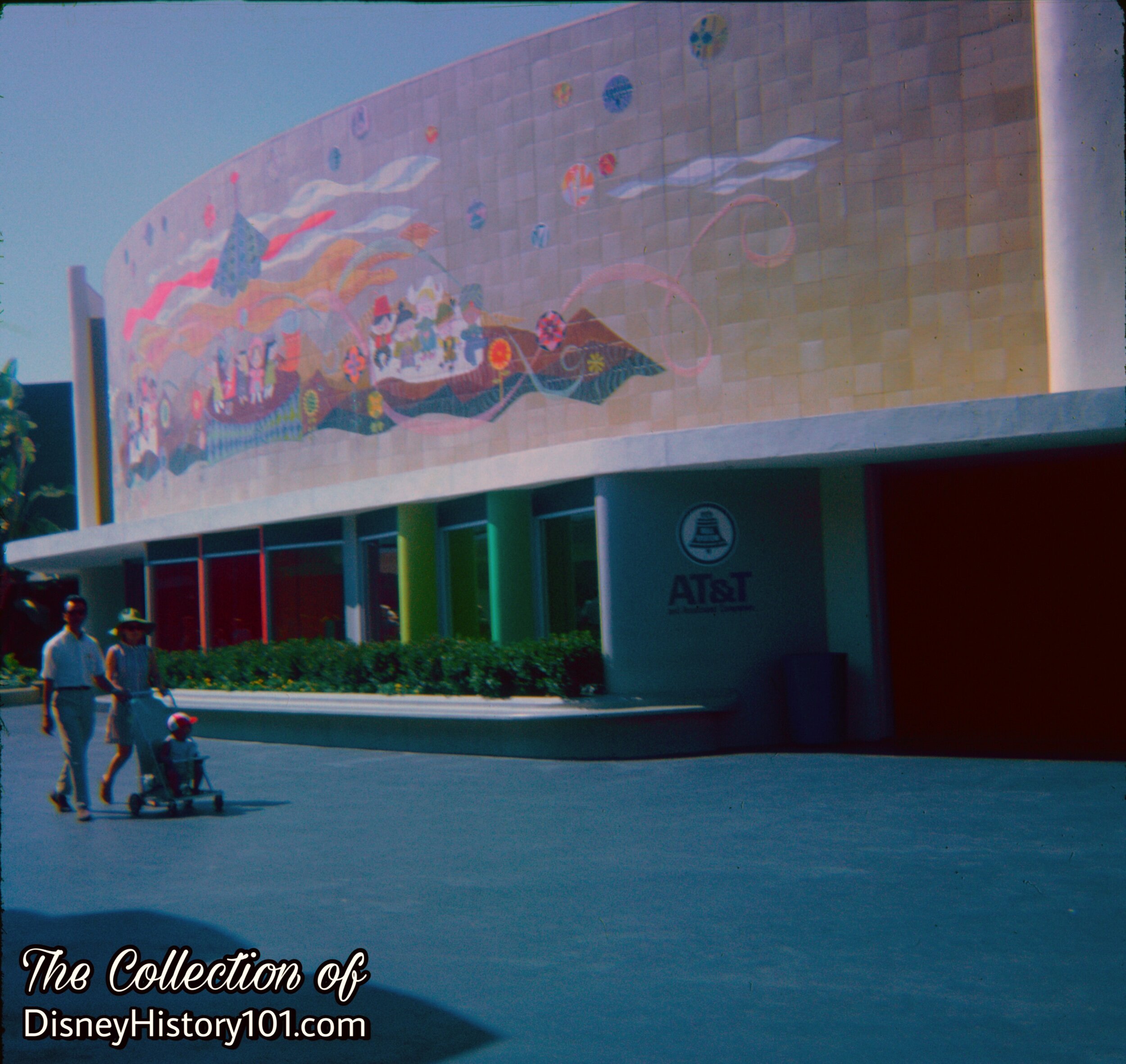
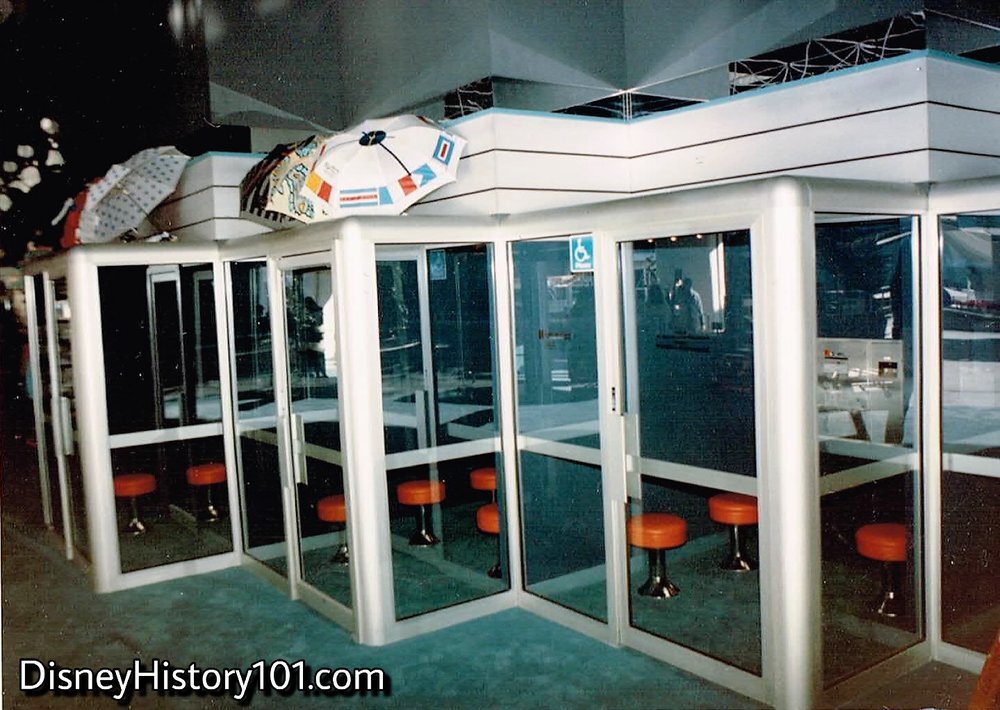
The Chatter Box (the future of Main Street USA’s “party line”) was a Tomorrowland attraction present during 1967 until the actual ‘futuristic’ year 1986! Disneyland guests were able to enter one of six large telephone booths with as many friends that could squeeze inside, and call anywhere they desired using the technological marvel of ‘speakerphone’. Former Character Shop employee Desiree shares : “I remember the Photo Booths very well…when I was young …in that same room were I was young…in that same room were telephones that you could listen to the on…I loved that.”
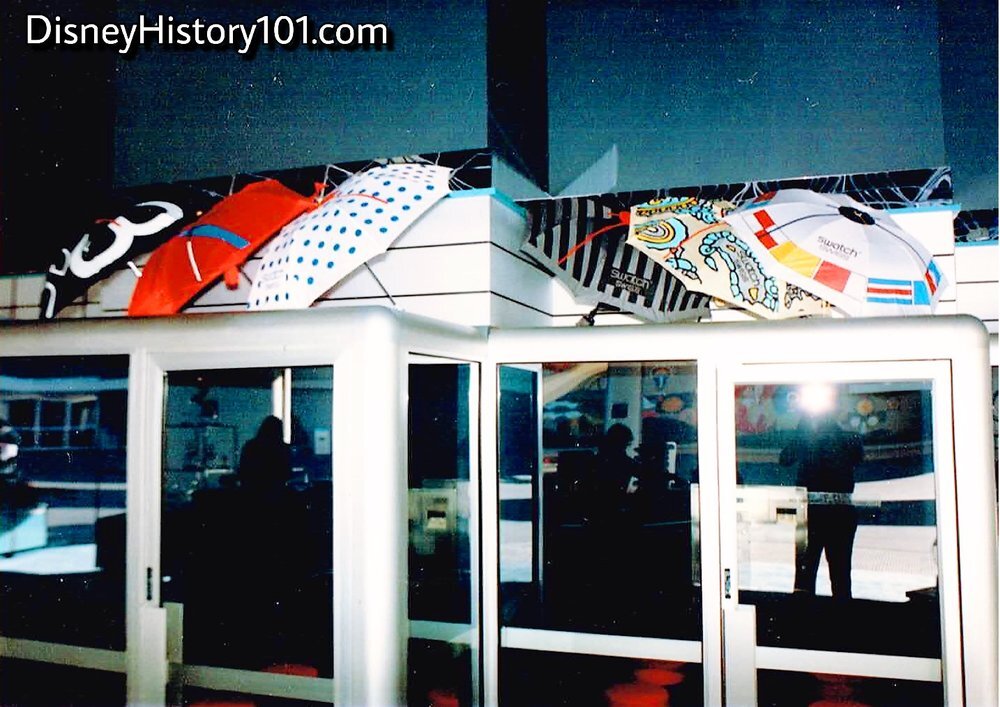
The Swatch umbrellas on top of the Chatterboxes were Premiere Shop merchandise. The neighboring Premiere Shop sold “California souvenir merchandise, jewelry, and unique gift items.”
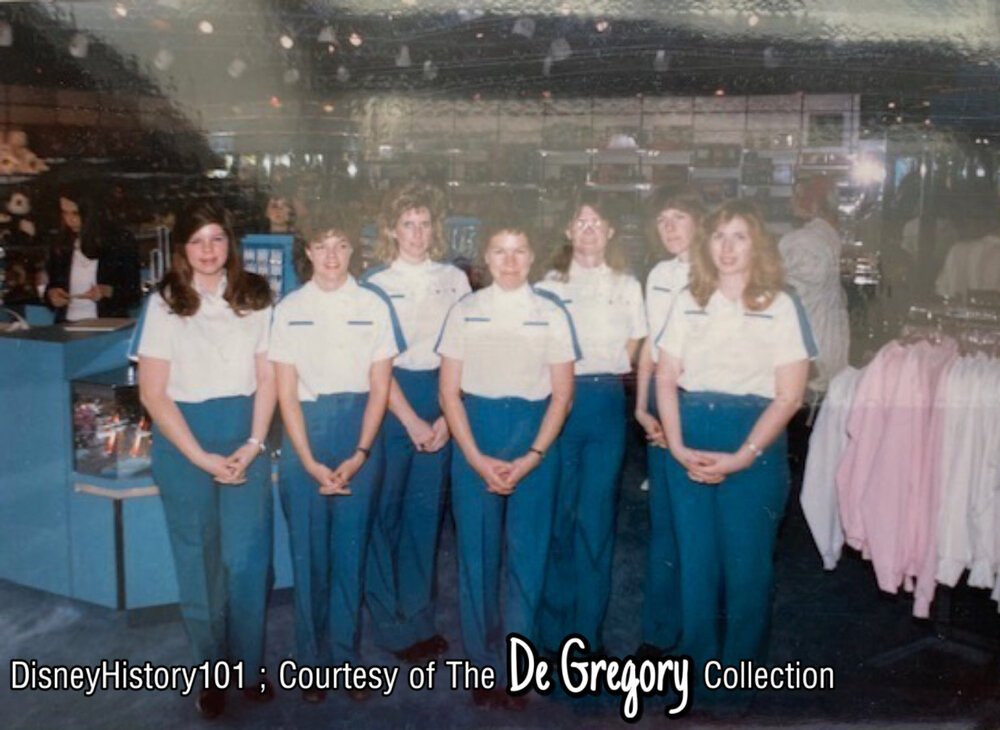
The Premier Shop was located next to World Premier Circle - Vision, presented by PSA (featuring American Journeys, a spectacular Circle-Vision 360 tribute to the U.S.A. As diverse as the inhabitants of the United States, was the merchandise of The Premier Shop. The merchandise is described in the Guide to Disneyland (published 1987) - “stylish Disney clothing…tech gifts… and California merchandise.” Desiree (who was part of the Premier Shop crew on opening day) remembers : “I worked the opening.”

According to former (1984-1987) Premier Shop Merchandise Hostess Desiree : “This was the kind of stuff we sold when the Premier Shop opened. They eventually took it out and went to Disney themed stuff.”
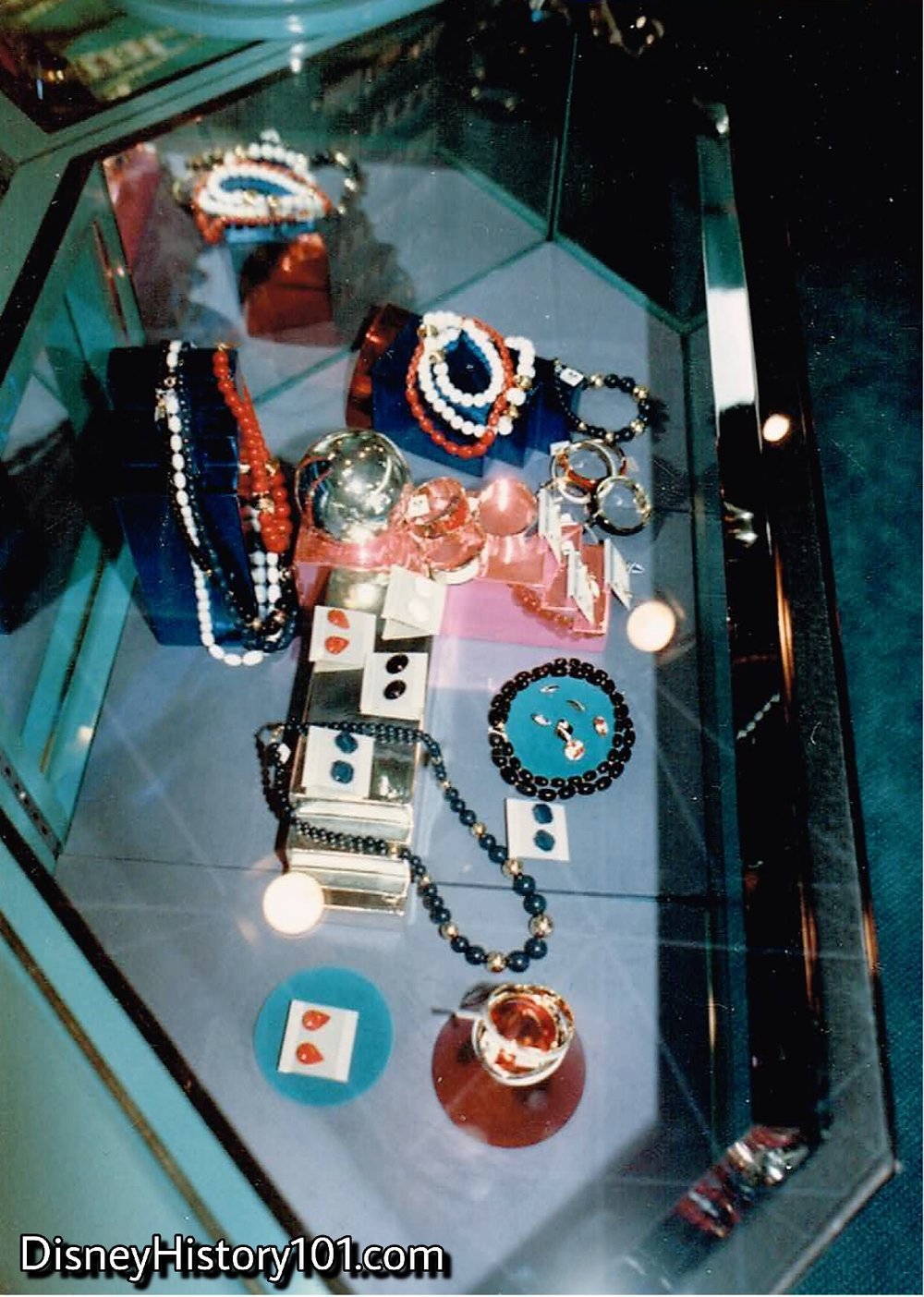
Former Premier Shop Merchandise Hostess Desiree recalls, “Michael Jackson liked that store because it had weird merchandise and he came in all the time…We sold those light up laser balls…We sold a lot of watches…all non-Disney in that store…Swatch was a big seller…and tons of Guess watches.”
The Premier Shop was popular and influenced elements of the Skyway Station Shop at Tokyo Disneyland in 1985.
By 1998, the Premiere Shop was a “vehicle warehouse” paying tribute to past Tomorrowland transportation. Guests could create their own personalized CD of of Disneyland sound tracks, past and present, at 8 kiosks.
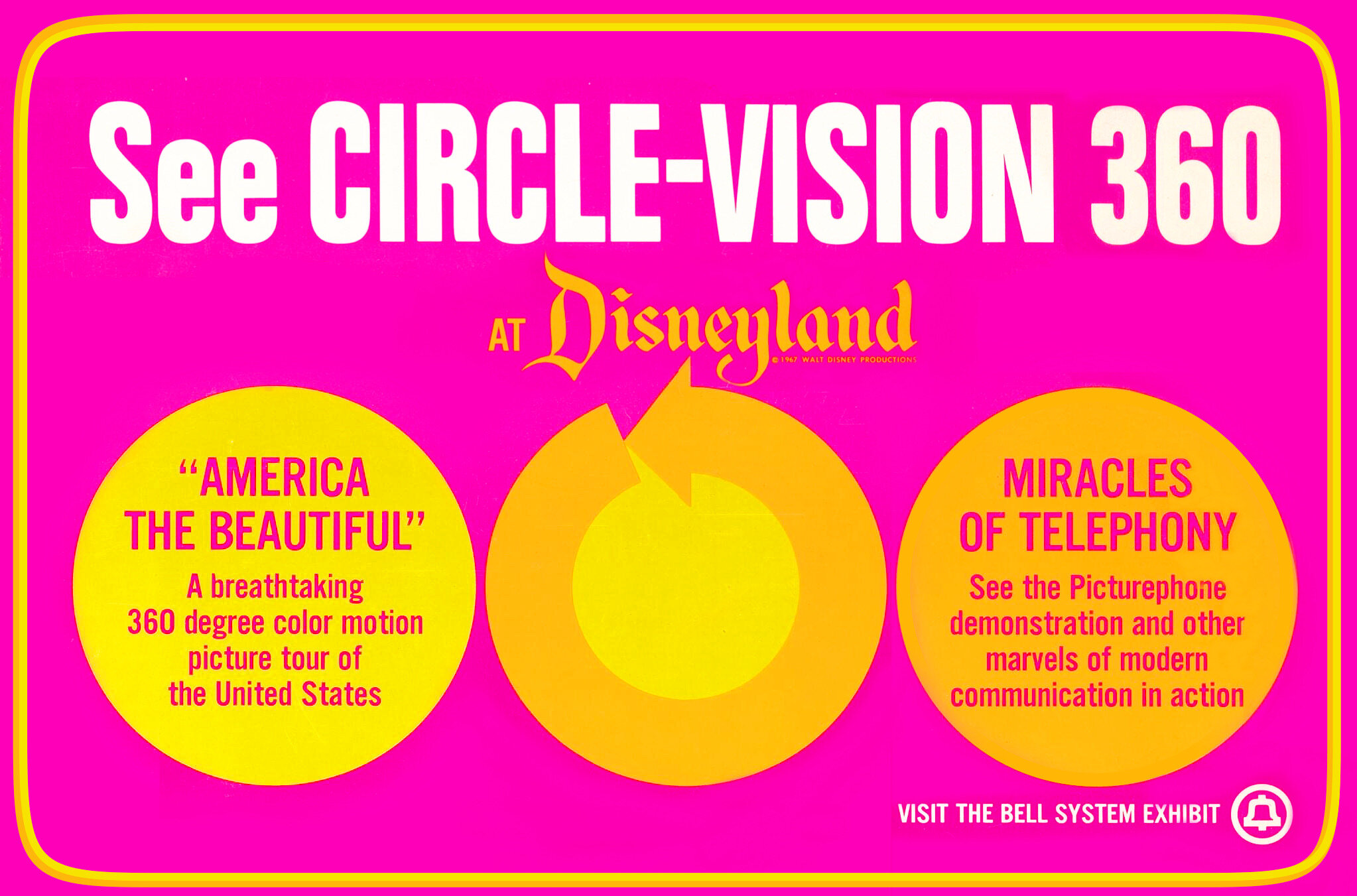
At the free circular Telephone Theater (c. 1971), “nine projectors present a panorama of America in stereophonic sound and big-as-life grandeur!” While Bell Telephone continued to serve as a Disneyland Participant until Monday (September 12th, 1983, this “free show” (not requiring a coupon for admission) would continue to run until January 3rd, 1984. On January 3, 1984, Circle-Vision 360 closed for remodeling and the installation of a new motion picture. In its full history, the America the Beautiful film was re-photographed three times, lastly in 1974 (for a 1975 debut). During this time (c. 1973) the showroom still contained the futuristic Picturephone, “where you can see the person you are calling”.
By the time the new America the Beautiful motion picture had its Disneyland debut in 1975, Walt Disney World Magic Kingdom’s Circle Vision 360 Theater presented by Monsanto, was showing a free attraction - “Magic Carpet ‘Round the World” (by March 1974). The show included 200,000 feet of film which was edited down to “17,000 feet of spectacular photography… Lasting 21 minutes, the film transports viewers on an imaginary journey which includes the sights and sounds of London's Tower Bridge and the River Thames, the Tivoli Gardens in Copenhagen, the Belgian Grand Prix, Notre Dame Cathedral in Paris, the Swiss Alps, castles on the Rhine, the world-famous Vienna Boys' Choir, Rome's historic Coliseum, a bullfight in Madrid, the Wailing Wall in Jerusa-lem, the Sahara Desert, the Sphinx and the Pyramids, Africa's big-game country and Mount Kilimanjaro, the Taj Mahal, Siamese dancers. a Chinese junk in Hong Kong harbor, the cherry blossoms of Japan, and a grand sweep of America beginning with San Francisco Bay and ending with a breathtaking view of the Statue of Liberty.”
In 1980, Manager Mary Hanson retired (after 10 years), and newly promoted Circle-Vision 360 Manager Helen Baker presented Disneyland’s 200 millionth Guest Gert Schelvis with a Mickey Mouse telephone.
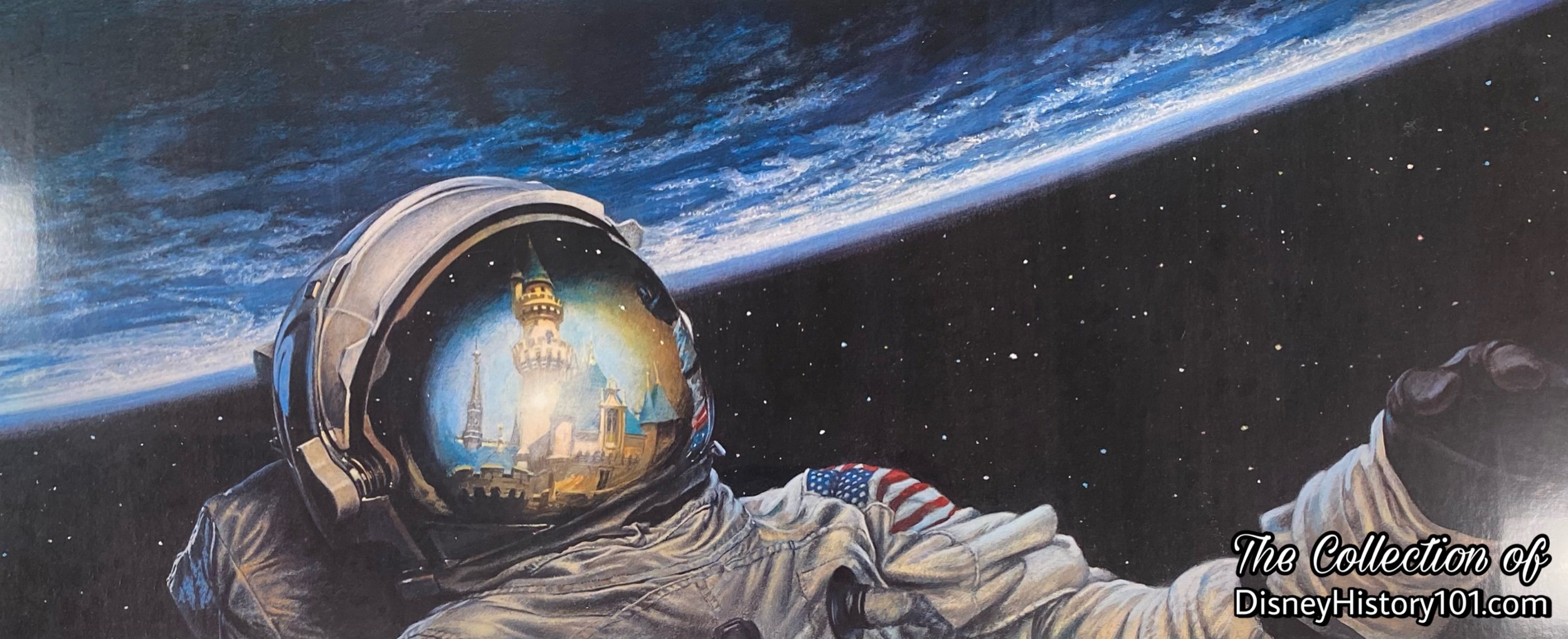
World Premier Circle-Vision Theater presented by Pacific Southwest Airlines (July 4, 1984 - 1995) : Pacific Southwest Airlines (founded May 6th, 1949) was not so old a firm as the original industrial and otherwise corporate participants of Disneyland. Still, it would soon sponsor a new attraction. By September 30, 1982, construction was in progress, and WED & MAPO opened a job numbered DX04-1, DX07-1, and DX09-1 (at a cost of $57,813.29) for a “PSA - Wings Away” at Disneyland.
“Audience Waiting Areas” are especially designed as part of the attraction to make the guest's time waiting in line as comfortable as possible. This show was preceded by a pre show - a holding area with a show that introduced the main attraction. A short pre-show film about the history of aviation was produced with animation Producer David Michener serving as a contributing design and filmmaking consultant for the animation.
The main show was “American Journeys,” a 70mm motion picture Circle-Vision tour across the United States. Directed and produced by Rick Harper and Jeff Blyth and presented by Kodak, the motion picture debuted on July 4th, 1984. According to Don Henderson (of WED Enterprises Film Production) “American Journeys” was “not a geographical survey,” but the “story of the American People told visually - their heritage, struggles and sacrifices.” Rick Harper “filmed many closeup, people-oriented scenes - something unusual in a wide screen format.. The movement away from grand panoramas distinguishes ‘American Journeys’ from ‘America the Beautiful.’ The new film explores not only the places but the people of America… children flying kites in a Utah meadow… a shipcarver working in his Connecticut shop. But the film will also surround viewers with the breathtaking scenery characteristic of the Circle-Vision 360 format. In their cinematic journey across America, viewers glide over Rocky Mountain meadows and soar bore the canyons of Utah. They travel up the Mississippi River alongside puffing paddle wheelers and down New York City’s Park Avenue amidst a sea of yellow taxis. Guests see the country through the eyes of a mountain climber scaling the Rockies and a balloonist drifting over Monuent Valley in Arizona,” according to The Disney News (Summer of 1984). The film’s imagery was action-packed, and surely “reached out and touched” guests. You may personally recall originally “soaring,” as well as skiing and canoeing across the picturesque & majestic United States, with the 3-D motion picture American Journeys presented by Kodak.
By 1984, Telecommunication Devices for the Deaf were located by American Journeys Post-Show area.
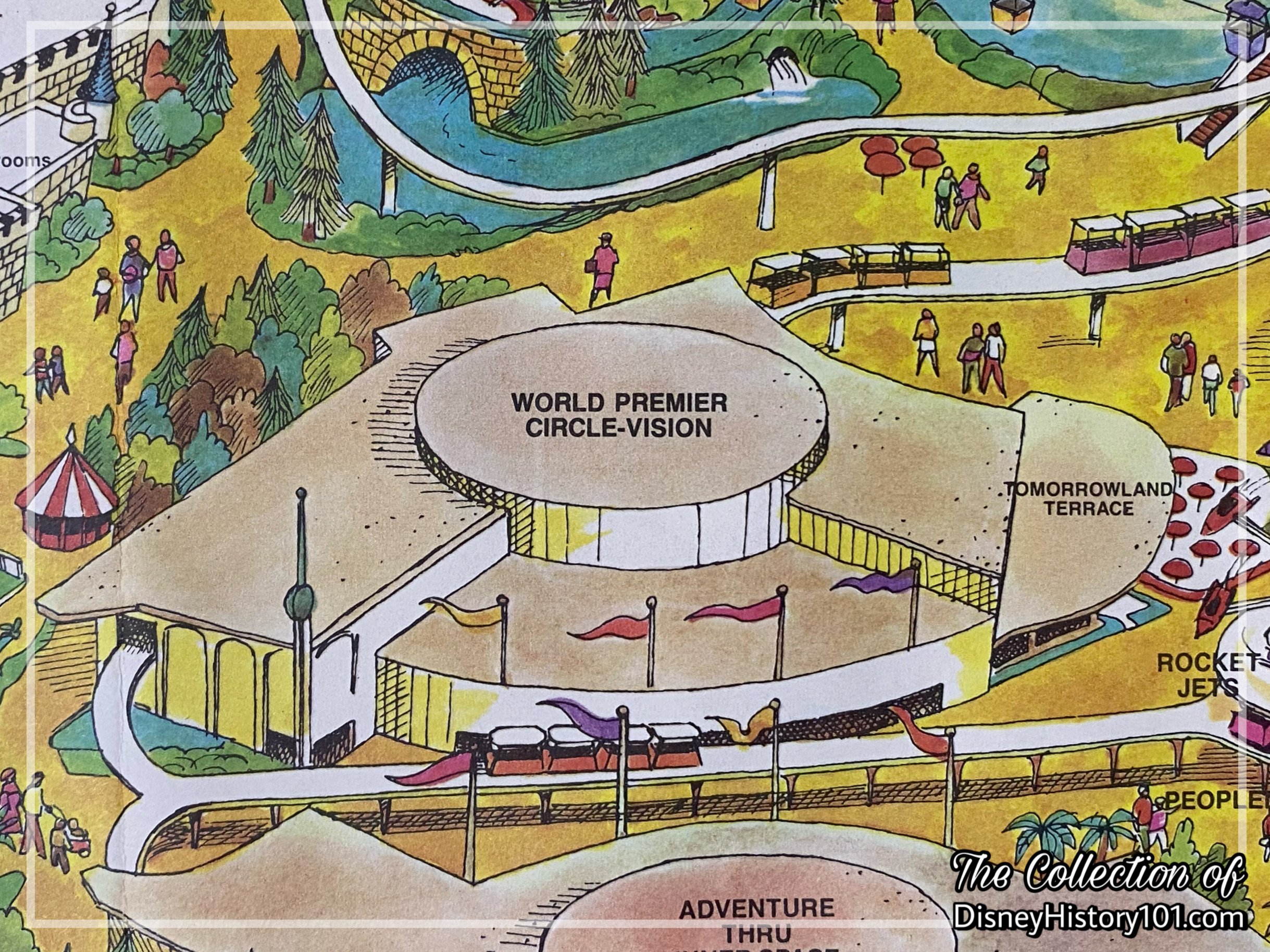
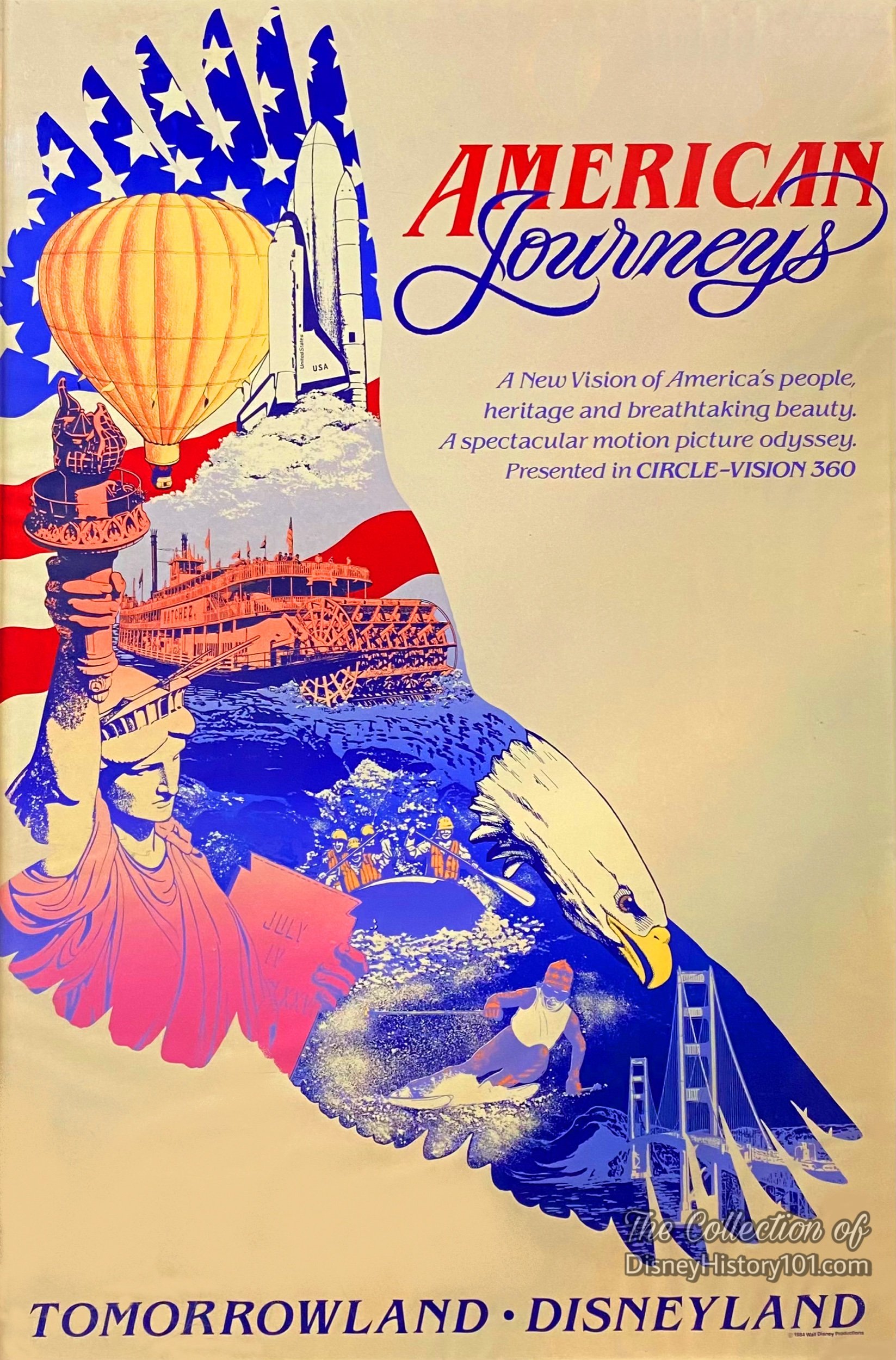
PSA would continue sponsorship until July 17, 1989. During this time, several pre-adventure motion pictures premiered including the 8-minute live action and animated All Because Man Wanted To Fly starring the comical Orville the Albatross from “Walt Disney’s The Rescuers” (on July 4th, 1984), American Journeys (a journey soaring, skiing, canoeing, and rafting across the United States, typically 9a.m. to 4p.m., c. 1984 -1988), and Wonders of China - Land of Beauty, Land of Time (a journey into the People's Republic of China; typically from 5p.m. to the Park closing, c. 1984 -1988). The latter film had previously debuted in 1982 at EPCOT’s China Pavilion (of “Walt Disney World Vacation Kingdom in Florida”), and now brought such experiences as the mountains of Tibet or a walk along the Great Wall to Disneyland guests. Now during the arrival of “Festival Japan” (October 12 & 13, 1985), the PSA Exit Lobby would feature several exhibits - Hirofumi Kai (Doll Exhibit), Yukari-Kai (Girl’s Day, Boy’s Day Exhibit), and West Coast Origami Guild, from 9:00a.m. to 6p.m. At one time (during 1988), two motion pictures ran every 20 minutes - Wonders of China and American Journeys. Wonders of China was so popular, that it continued to show in Disneyland until 1996.
Circle Vision (January 1, 1996 - September 7, 1997) : During 1992, guests leaving Circle Vision 360, could cast their vote for the person they feel has had the greatest impact on the 20th century. The EPCOT Poll person of the century was a ten-year poll, with the winner announced on January 1, 2000. Sadly, Circle Vision 360 would not make it to the year 2000. Delta Airlines (whom Pete Clark, Senior Vice President of Disneyland Participant Affairs Division once commented, “Delta Airlines adds the idea of an exciting new adventure to Circle-Vision and lets people know that the attraction is going to be of interest to travelers”), would pick up the sponsorship until January 1, 1996. At that time, the World Premier Circle - Vision Theater was renamed Circle Vision. The attraction continued to operate for one more year, until its final show in 1997.
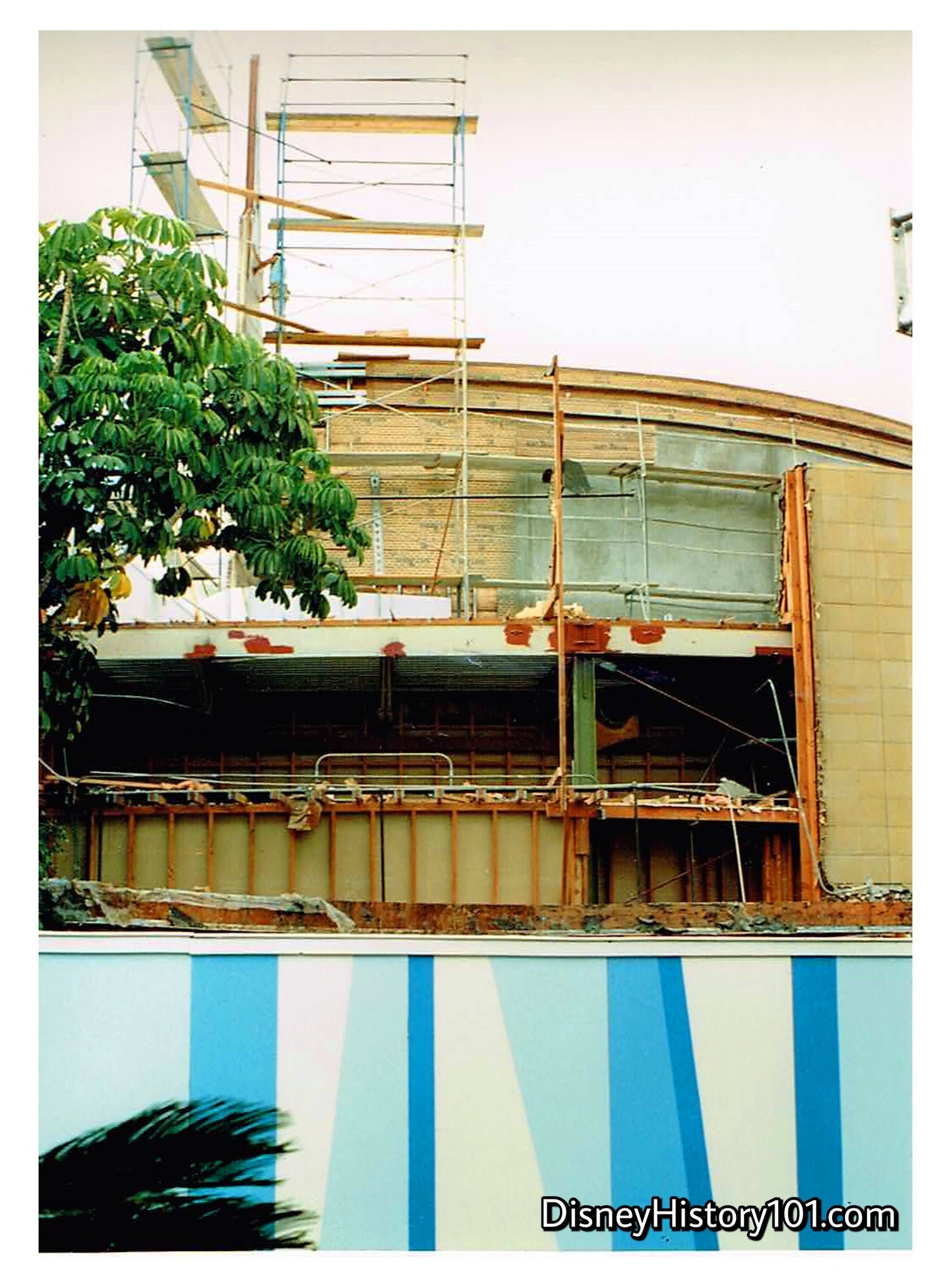
Since the beginning, the Four Keys of the DISNEYLAND Show (operating priorities in presenting the DISNEYLAND Show) have been present - Courtesy, Safety, Show, and Efficiency. Guided by these Four Keys, are Walt Disney Imagineers, who are always seeking out new magical opportunities to increase the efficiency, safety, and show quality of Disneyland adventures. Above, note the CircleVision 360 façade during the construction of the PeopleMover. While CircleVision 360 would ultimately fade from the sight of Tomorrowland (at Disneyland), the attraction would inspire two Circle Vision Shows, both at Disneyland Paris and Tokyo Disneyland. Each of those shows would be joined by by a most-complex Audio-Animatronics Host known as the Timekeeper.
By 2008, the name would live on with the Star Trader Cash Wrap/Zone known to Disneyland Cast Members as “Circle Vision Souvies”.
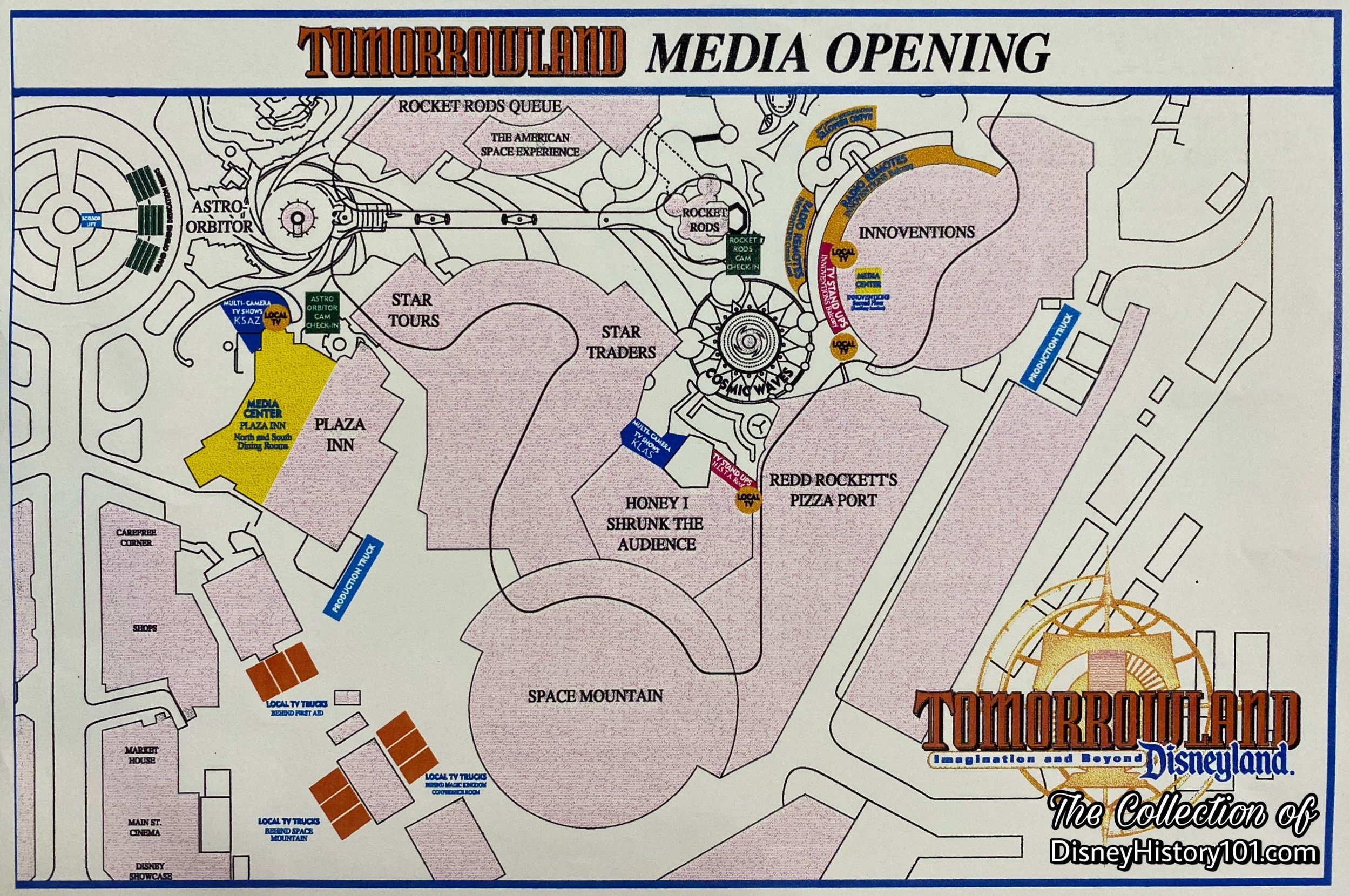
From 1999 to 2000 Walt Disney Imagineer John Stone designed conceptual study models for GM and Chevron sponsored shows incorporating the Circlevision Theater in New Tomorrowland.

“‘The Show Goes on Tomorrow’ - Tomorrowland Reopening & Rededication to ‘Imagination and Beyond’”
Still, another (and second) expansion was to be partially unveiled to Walt Disney Company employees at “Walt Disney Imagineeringland” on November 15 & 16, 1997. The Big D Cafeteria was home to exhibits relating to Tomorrowland Facades, Honey, I Shrunk the Audience, Innoventions, the Astro Orbitor, Rocket Rods / Circlevision, and Disneyland Design Studio. A Buzz Lightyear's Space Ranger Spin exhibit was on display at Tujungaland.
CLOCK OF THE WORLD (WORLD TIME CLOCK)

The dedication of Tomorrowland was once preserved on a plaque at the base of the Tomorrowland United States of America Flag Pole: “Tomorrow offers new frontiers in science, adventure and ideals : the Atomic Age … the challenge of outer space … and the hope for a peaceful and unified world.” Like it’s contemporary Avenue of Flags (featuring the mottos and emblems of the States of the Union) or much like the latter Spirit of Creative Energies murals (highlighting the creative and colorful children of our “small world”), the Clock of the World highlighted something something that connects us all - in this instance, time.
“Blue Sky and Design”
By July 1, 1954, George Whitney of Disneyland, Inc. directed Amusements, with Ron Miller overseeing analysis, philosophy, capacities, planning, operator training, and amusement procurement. By that time, early thumbnail sketches and other concept artwork seemed to be unencumbered by restrictions of budget, schedule or the laws of nature and physics. Though guided by Walt, his artists appeared to engage in “free-thinking,” as if implementing the modern “Blue Sky” Imagineering process. Almost any concept was permissible and considered a future possibility.
Like some advanced “High Concept,” final designs were quickly generated and approved for the Clock of the World.
Things were moving along by March 31, 1955, as a U.S. Time Corporation representative had sent a letter to Mr. Gabriel Scognamillo, Art Director of Tomorrowland for Disneyland Inc., reading:
“Confirming my conversation with you this afternoon, I have been in the process of designing the Tomorrowland clock. However, have been having considerable difficulty with the movement of the Torso. Since you no longer require this to revolve, this eliminates several major problems and will be much easier for us to fabricate.
It is my intention to make the hour wheel with 24 aluminum angles to which 24 segments of 1/4” thick plexiglass will be fastened. Each segment will have 4 screws to be attached to aluminum steel which will run in a vertical direction. To each segment will be applied 1/4’ thick numerals of plexiglass. For the daylight hours we recommend a milk white background with black numerals and for the night time, medium blue with white markers. The illumination on the hour wheel will consist of a neon tube completely circling the internal position of the markers for illumination and will be activated by a 24-hour time switch.
Insofar as the cyclometer design is concerned and for illuminating the minutes, I have not as yet determined how this will be done. Design of this particular phase is being worked on and as soon as something tangible has been realized, will advise you.
It would be appreciated if you would send us color swatches of the anodized gold for the map, gold for the sun, anodized silver for the background and anodized silver for the moon. It is also my understanding that you wish to apply Venetian mosaic glass to the base and to the roof.
In regards to our trade mark, we would appreciate having ‘Timex’ placed in a conspicuous place so that it will be readily visible. Your suggestions as to where this might best be put will be helpful.“
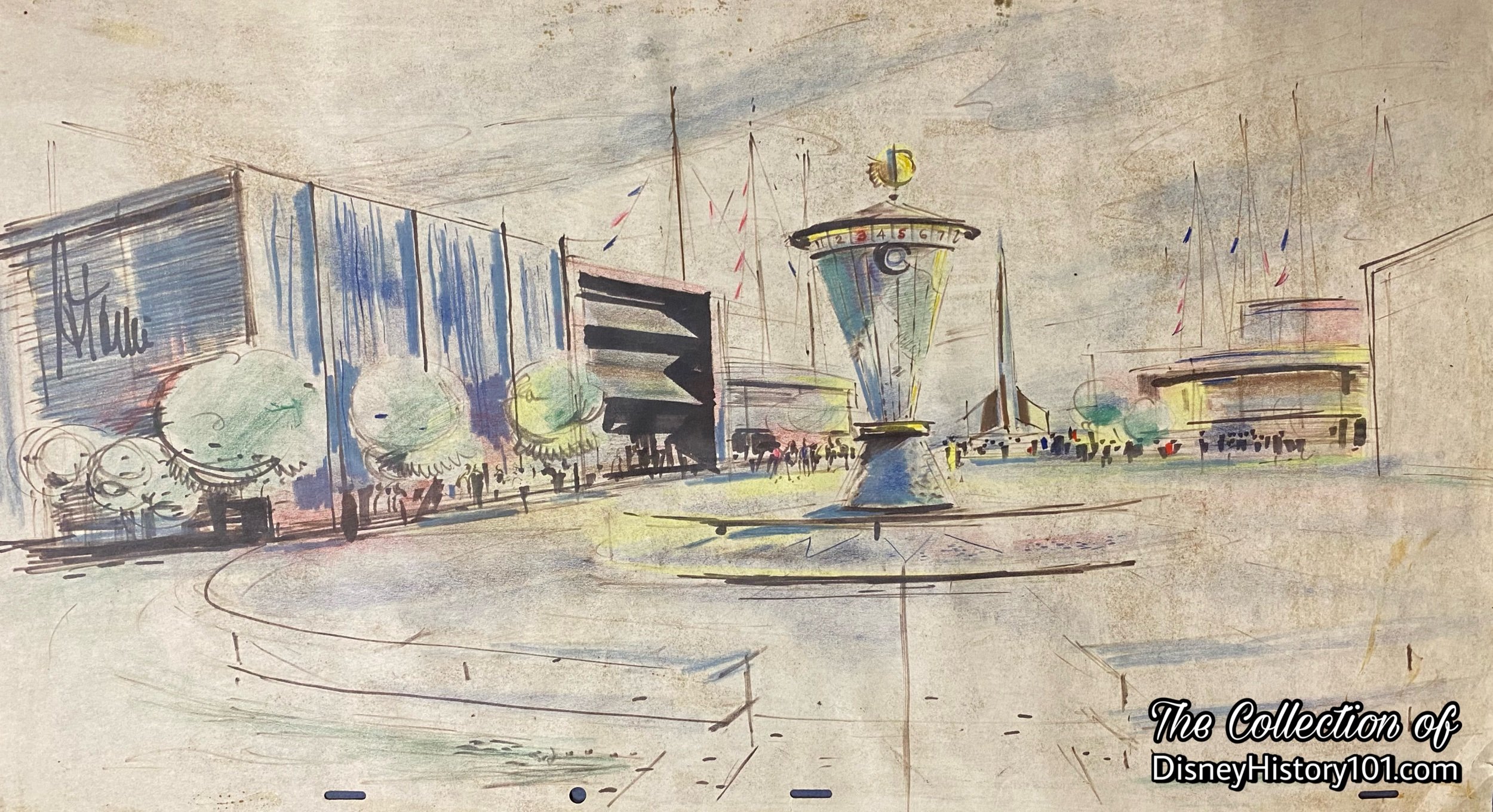
Perhaps some of these thoughts were behind Herb Ryman’s early quick “suggestions” that eventually depicted what would be known as “the Clock of the World.”
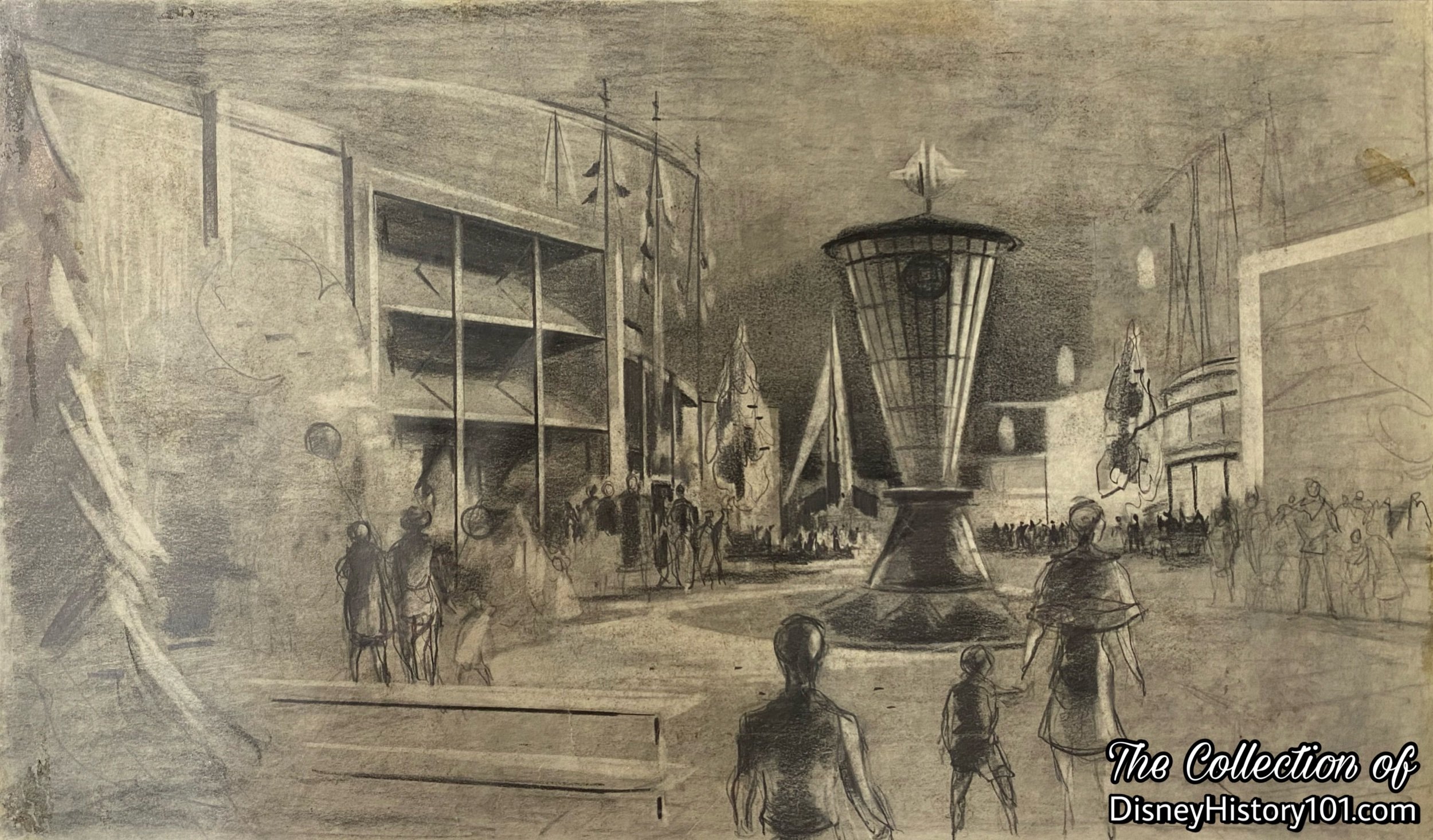
The “U.S. Time Corp. Clock” was designed by both U.S. Time and WED Enterprises. Some of the viable project Concepts (as pictured above), were supported by a well-developed business case and built expectation.
“Feasibility and Design Development”
Further phases such as feasibility, schematic design, design development, and production followed.
By May 26, 1955, Gabriel Scognamillo of Walt Disney Studios sent a communication to Mr. Ted Chartier of U.S. Time in Waterbury, Connecticut. He had already submitted the cost for modeling the Crescent Moon ($385.00) and an approximate estimate for casting & finishing the Moon. ($500.00). Scognamillo had already laid out the sun which would be an aluminum spinning ornament. However, he hadn’t calculated a price on this and needed to complete drawings. By that time, Scognamillo had been working on the numerals with goal of shipping them over a few days.
C. V. Wood called U.S. Time verifying receipt of photographs and engineering drawings of the clock that were being preparing for production, modeled after the large one they are making for the entrance to Tomorrowland in the Park.

“Construction”
Timex was the official time in Disneyland, and was well represented throughout the Magic Kingdom. Timex was the sponsor of the Main Street Watch Shop and the same corporation that supplied Disneyland’s other memorable clocks on Main Street U.S.A. (as the Post Clock near Eastman Kodak, and the clock tower piece over the Main Street Station). Since 1955, the U.S. Time Corporation cared for all these clocks. According to the Guided Tour Script (1962), The World Time Clock was “provided by the Timex Corporation and designed by the Walt Disney Studios in Burbank, California.”
Speaking of Disneyland, F. M. Franz, manager of operations for MeNeil Construction expressed: "We feel sure there has never been anything built like this in Southern California, or elsewhere in the United States. Many of the items were constructed from artist’s sketches.”
The “U.S. Time Corp. Clock” was constructed by WED Enterprises. However, many of its parts and materials were made by numerous manufacturers. The steel supports and framework were accomplished by Griffith Equipment Company. The continents and oceans were being prepared by Rand McNally .
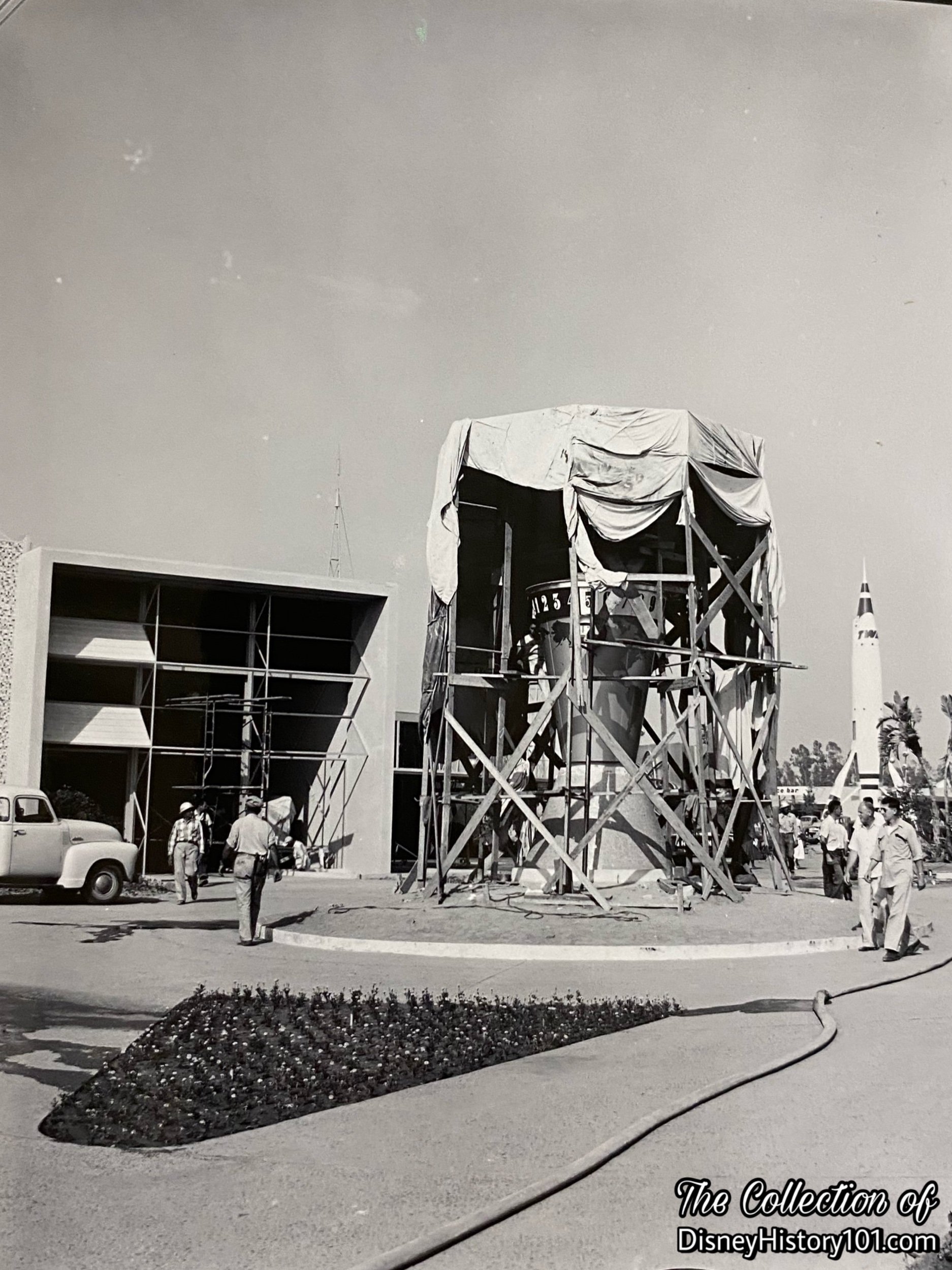
“Construction”
The construction crews didn't begin work on any of Tomorrowland until six months into the project.
Timex was the official time in Disneyland, and was well represented throughout the Magic Kingdom. Timex was the sponsor of the Main Street Watch Shop and the same corporation that supplied Disneyland’s other memorable clocks on Main Street U.S.A. (as the Post Clock near Eastman Kodak, and the clock tower piece over the Main Street Station). Since 1955, the U.S. Time Corporation cared for all these clocks. According to the Guided Tour Script (1962), The World Time Clock was “provided by the Timex Corporation and designed by the Walt Disney Studios in Burbank, California.”
Speaking of Disneyland, F. M. Franz, manager of operations for MeNeil Construction expressed: "We feel sure there has never been anything built like this in Southern California, or elsewhere in the United States. Many of the items were constructed from artist’s sketches.”
The “U.S. Time Corp. Clock” was constructed by WED Enterprises. However, many of its parts and materials were made by numerous manufacturers. The steel supports and framework were accomplished by Griffith Equipment Company. The continents and oceans were being prepared by Rand McNally .
As of June 2, 1955, C.V. Wood Jr. sent an Inter-Office Memorandum to Walt Disney regarding the best estimates that could be obtained at the time regarding the completion status of individual sections of the Park and Opening Day. C.V. wrote: “The Clock: This is very critical. Every effort has been placed on it. The works on the inside may not be ready.”
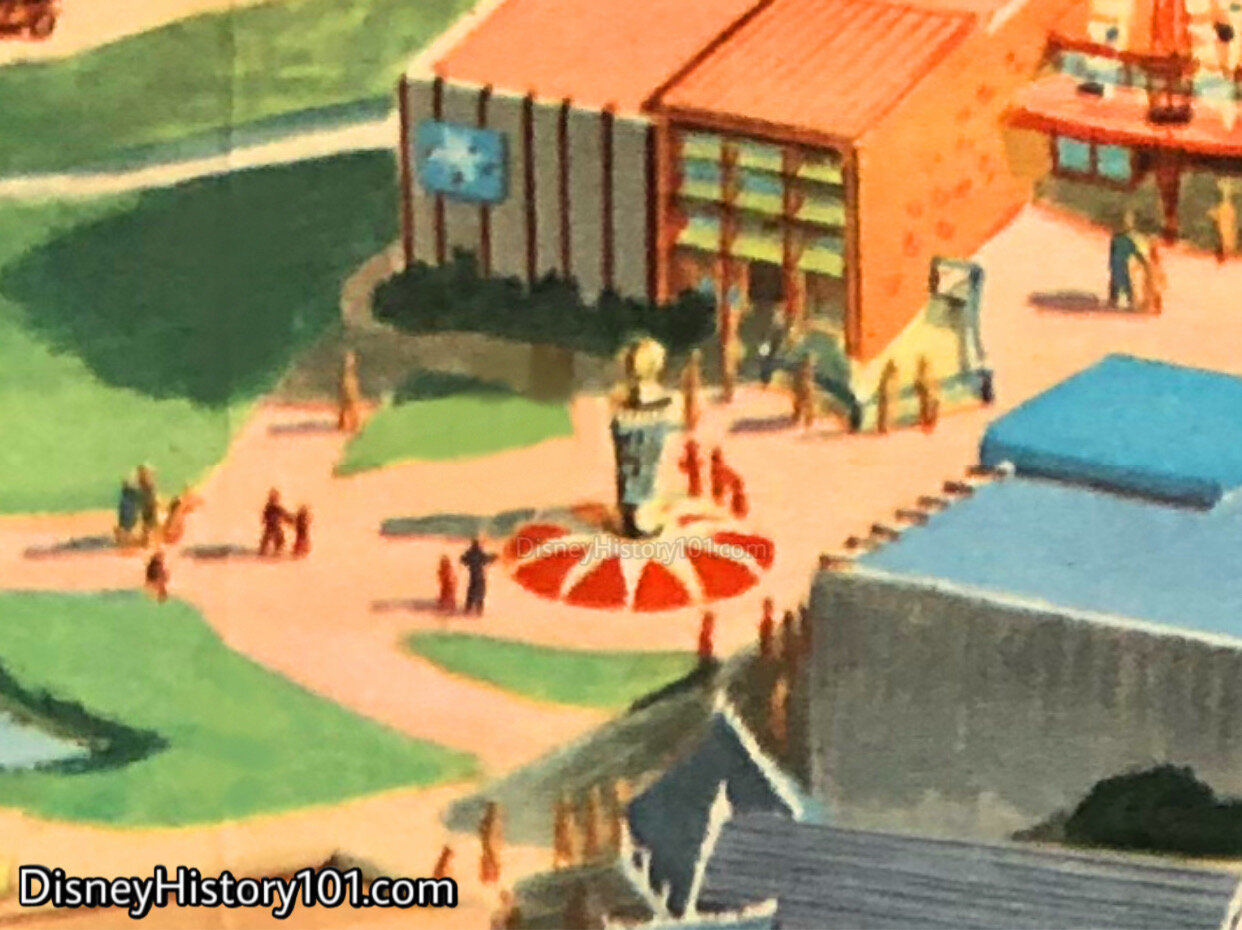
This illustration (pictured above ; produced for an early licensed Disneyland product), granted a glimpse of the International Time Clock - the first Tomorrowland attraction that guests would encountered, in the Entryway!
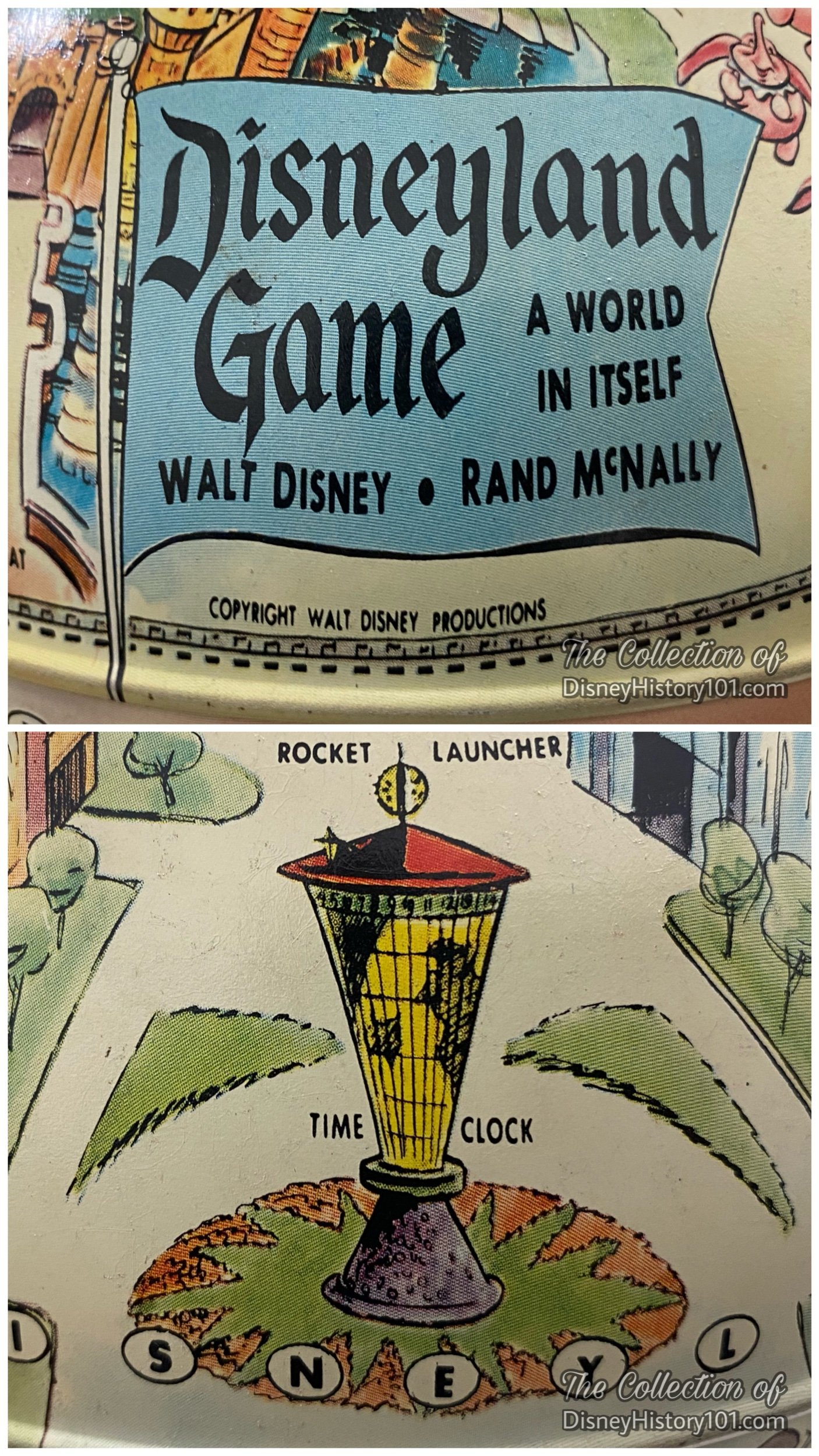

It could give guests the time for nearly anywhere in the world! In fact according to the Los Angeles Examiner (July 15, 1955), “At a glance, this elaborate chronometer tells you the exact minute and hour anywhere on the face of the planet Earth.”
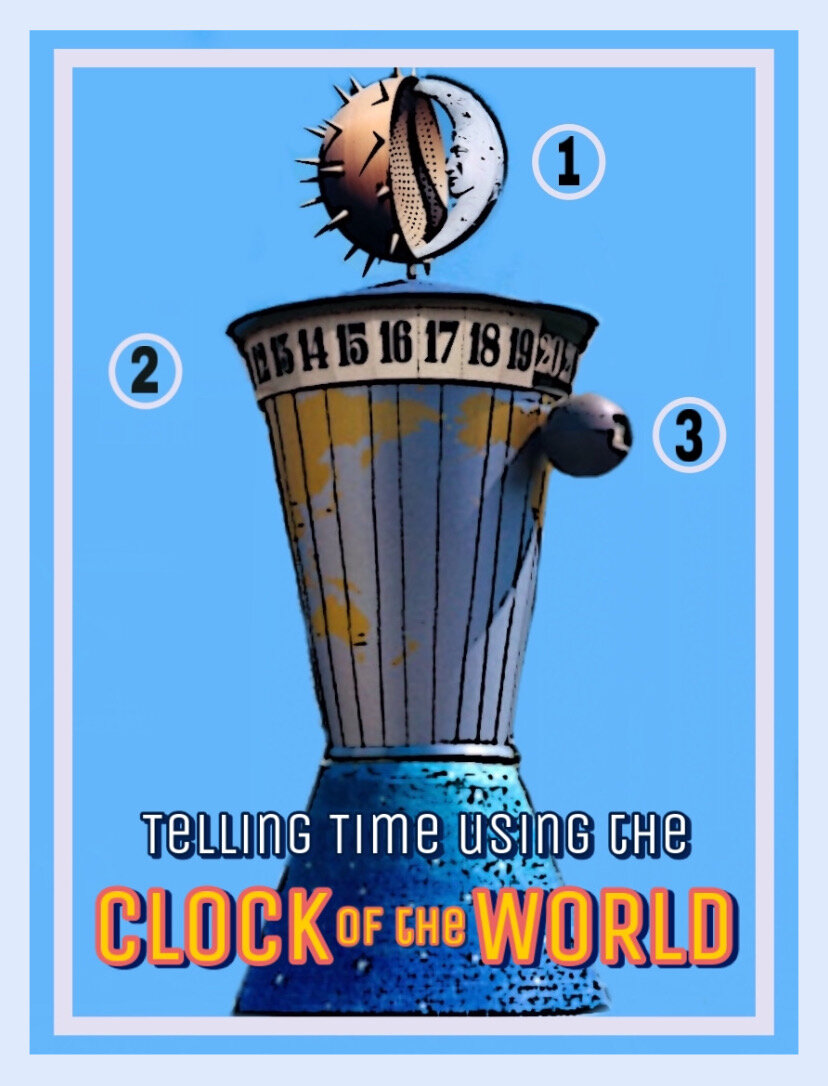
The presentation of the Clock of the World show on the vast DISNEYLAND “stage” was a distinct part of the Disneyland theater concept. It was a 24-hour clock, measuring time in a method similar to Military Time. The Sunsphere, the aluminum Band atop tiled base, and the Orb were essential time-telling components of the clock. According to Vacationland (Winter, 1958), “the dark numbers on white backgrounds are daylight hours ; white numbers with dark background are nighttime.” As you will note, guests often photographed the clock from the daytime side.
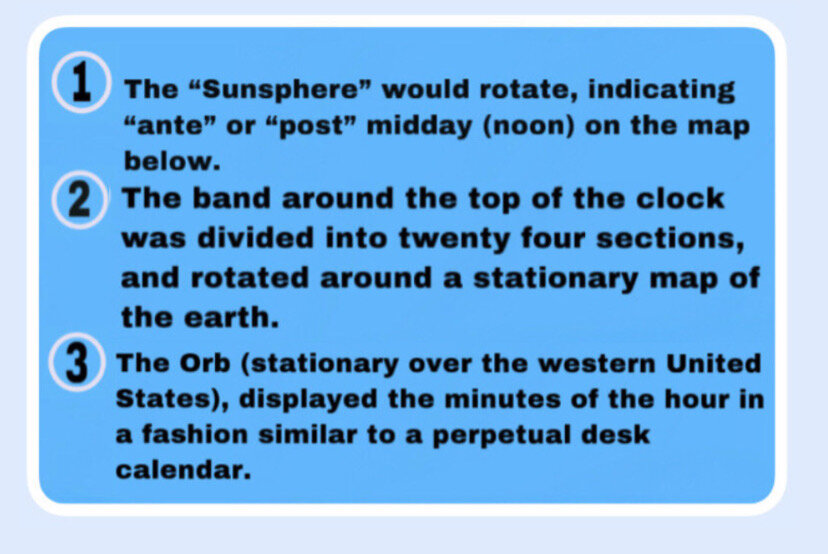
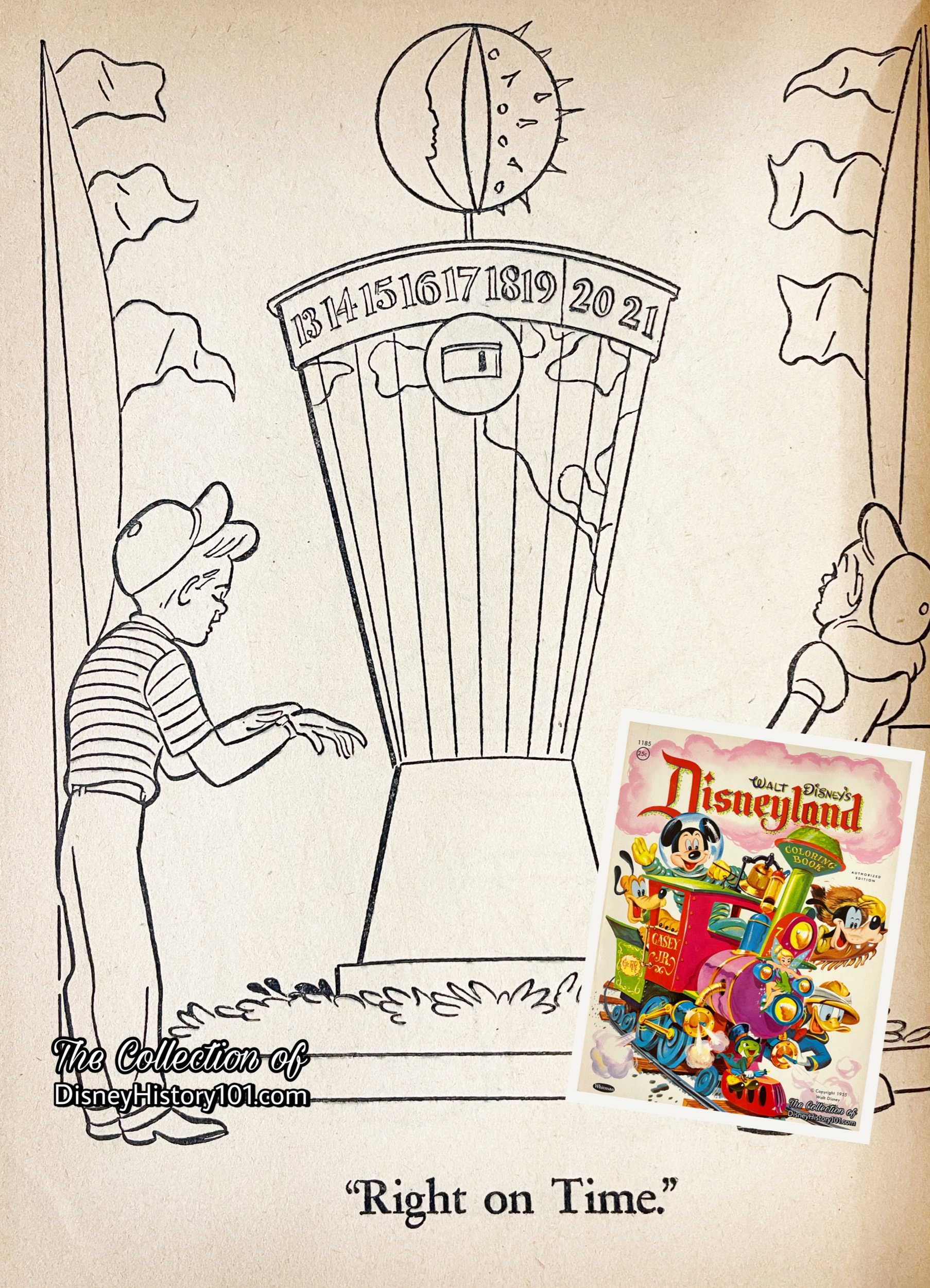
Once understood, this “elaborate” clock was quite easy to use, “showing at a glance the exact time at all the far ends of the world,” [The Story of Disneyland, published 1955 by Disneyland Inc.]. As this was the case, the Clock of the World was reckoned among “Disneyland rides and amusements” that “will delight the very young, the teen-ager, young married couples, the middle-aged, and grandparents alike,” as some of the Vintage Views testify [Anaheim Bulletin “Premier Souvenir Edition - Walt Disney’s Magic Kingdom - Disneyland” Insert ; Friday, July 15th, 1955].
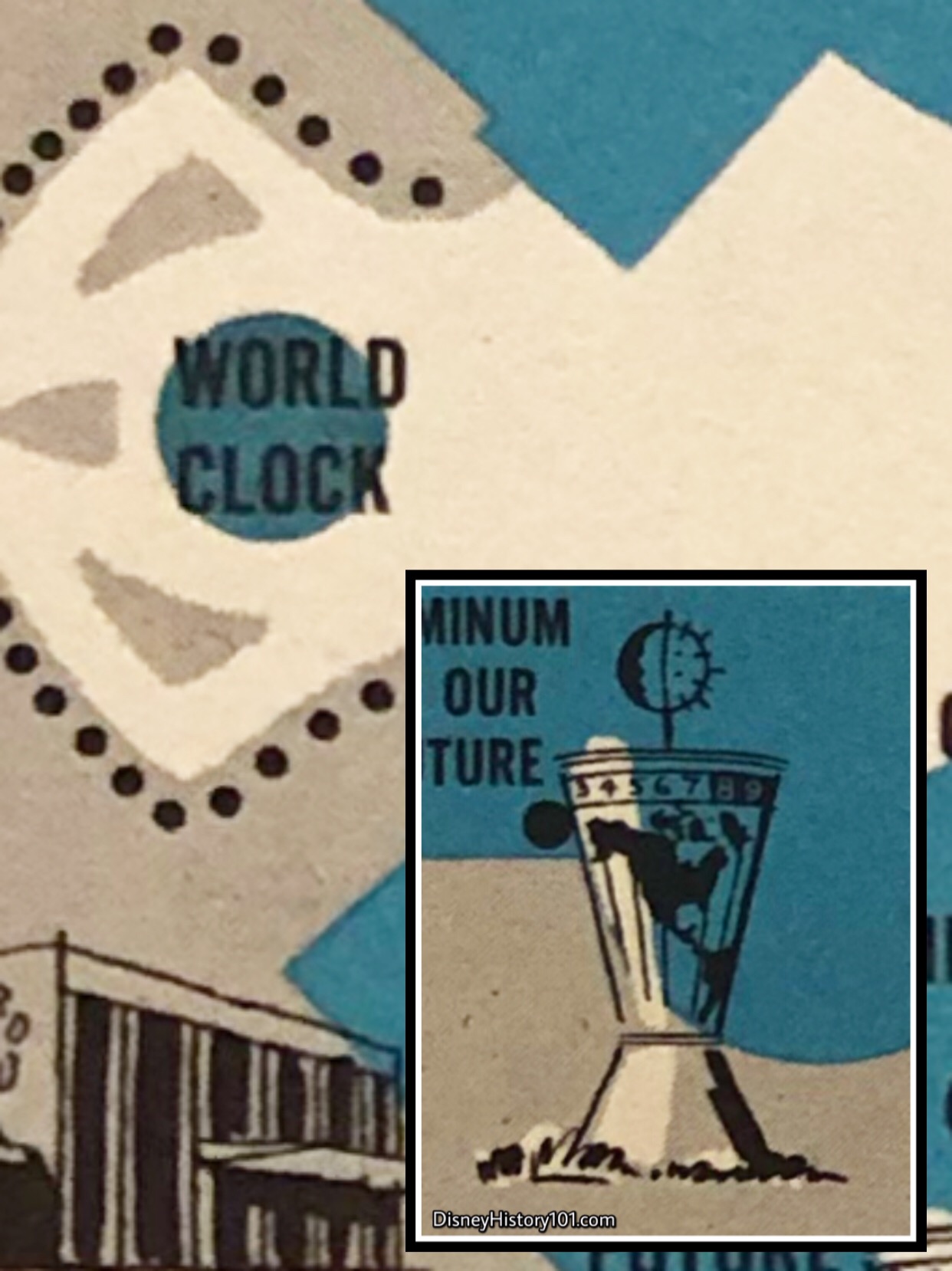
Since Disneyland’s opening day, the “World Clock”, “World Time Clock” or “Clock of the World” (as it is more commonly called) was an elaborate chronometer which served as an icon to further Tomorrowland’s theme of the future year - 1986.
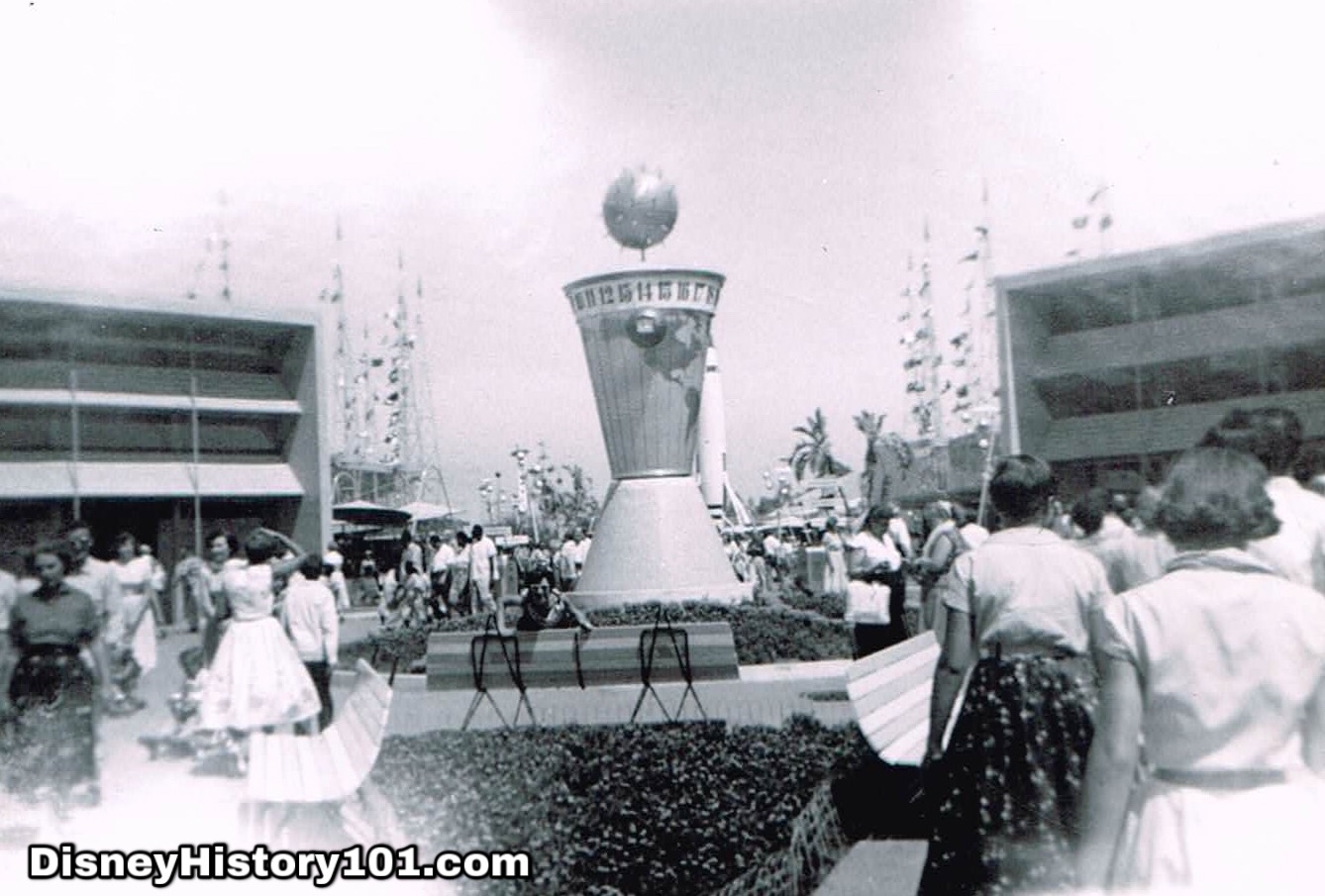
Tomorrowland was in its infancy, its hub unfinished by opening day. At this “point in time,” it looks like American Motors presents CirCARama and Monsanto’s Hall of Chemistry are still works in progress. The attraction’s signs don’t even appear above the entrances of the halls. But by the year 1958, the 24-foot tall Clock of the World was one of 15 free educational shows and exhibits at Disneyland.
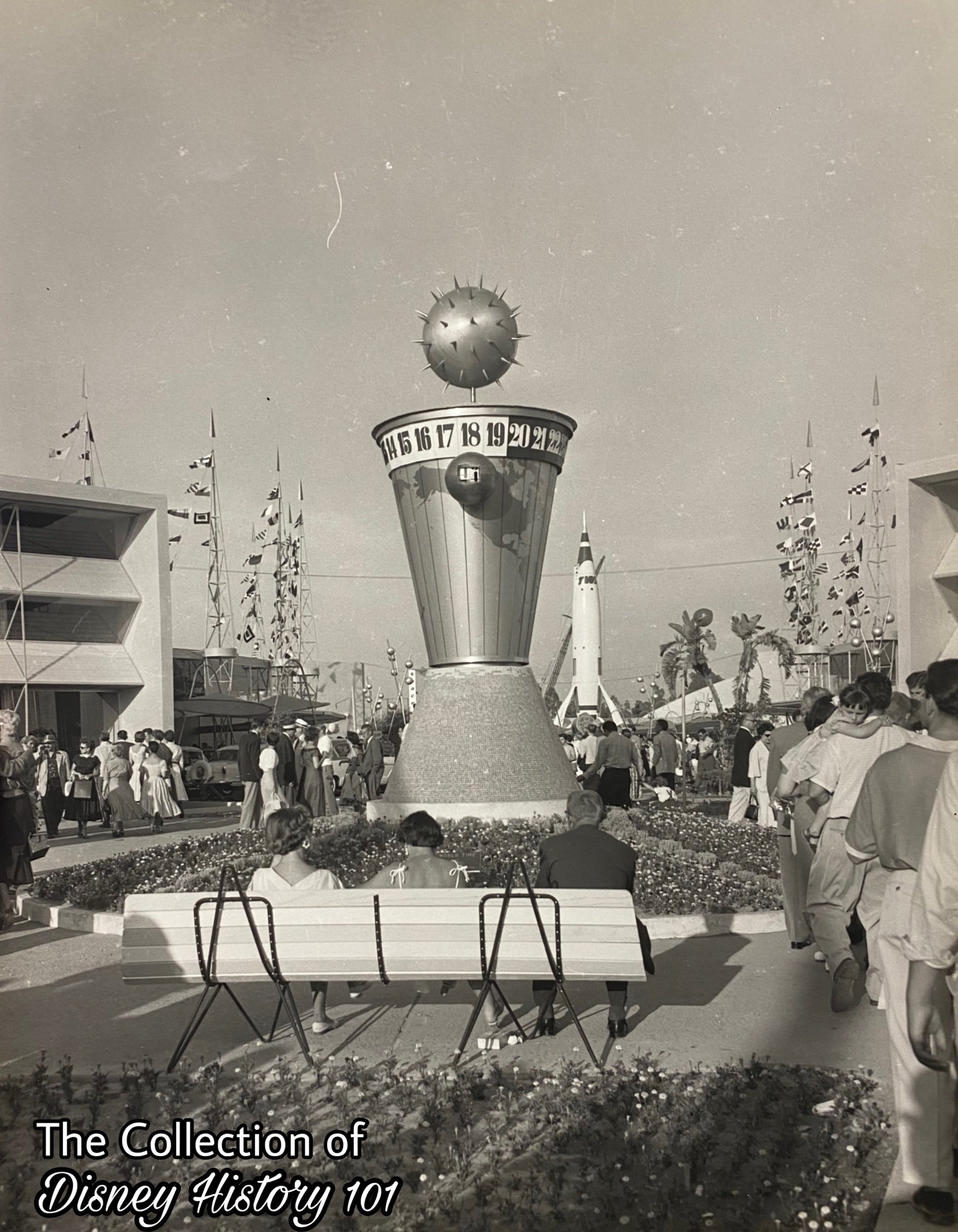

Still, the Clock of the World stands as “Tomorrowland’s first landmark,” according to “News From Disneyland” (a press release document published 1956). The Clock of the World welcomed visitors from around the world, to observe the time of day in their native time zone!
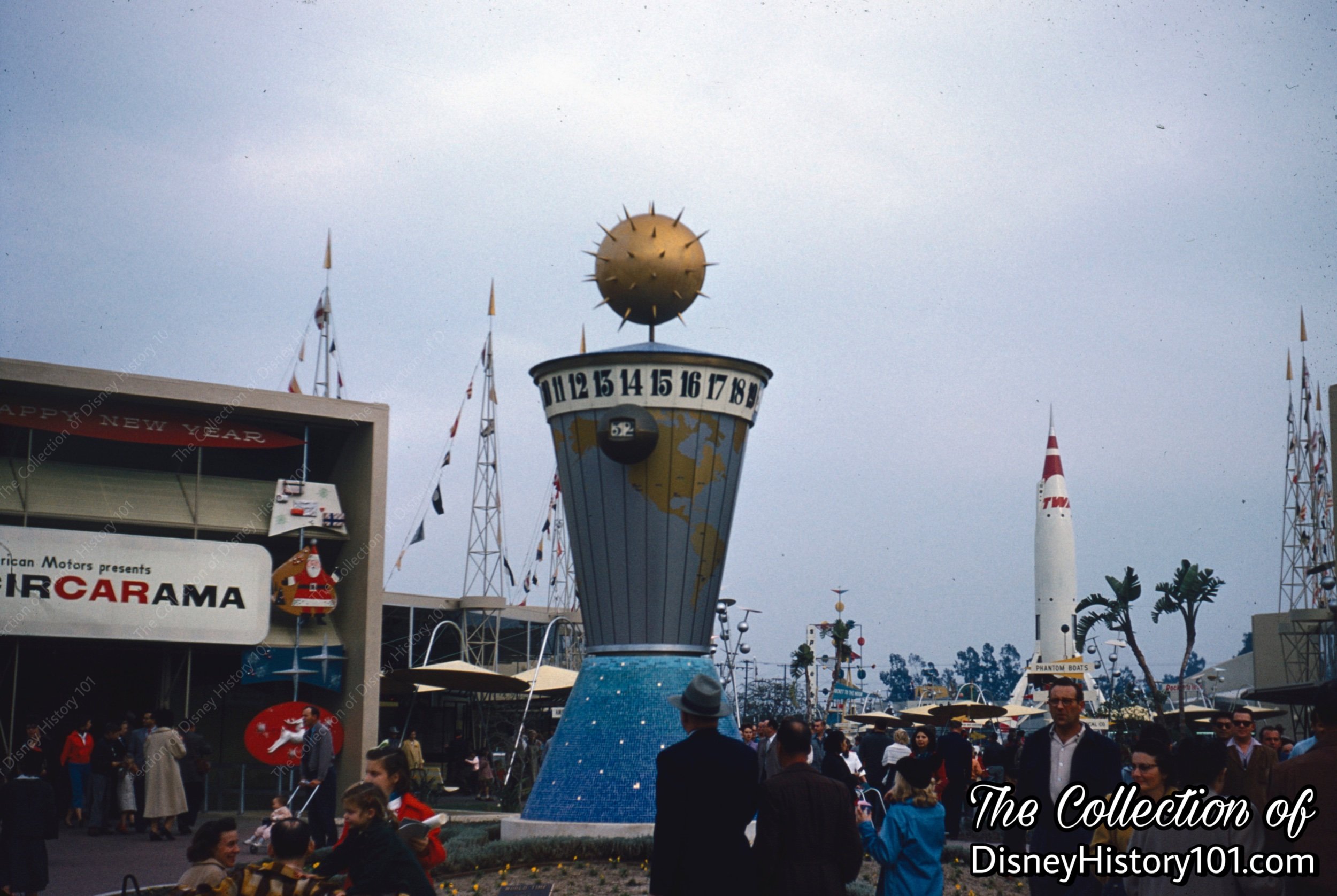
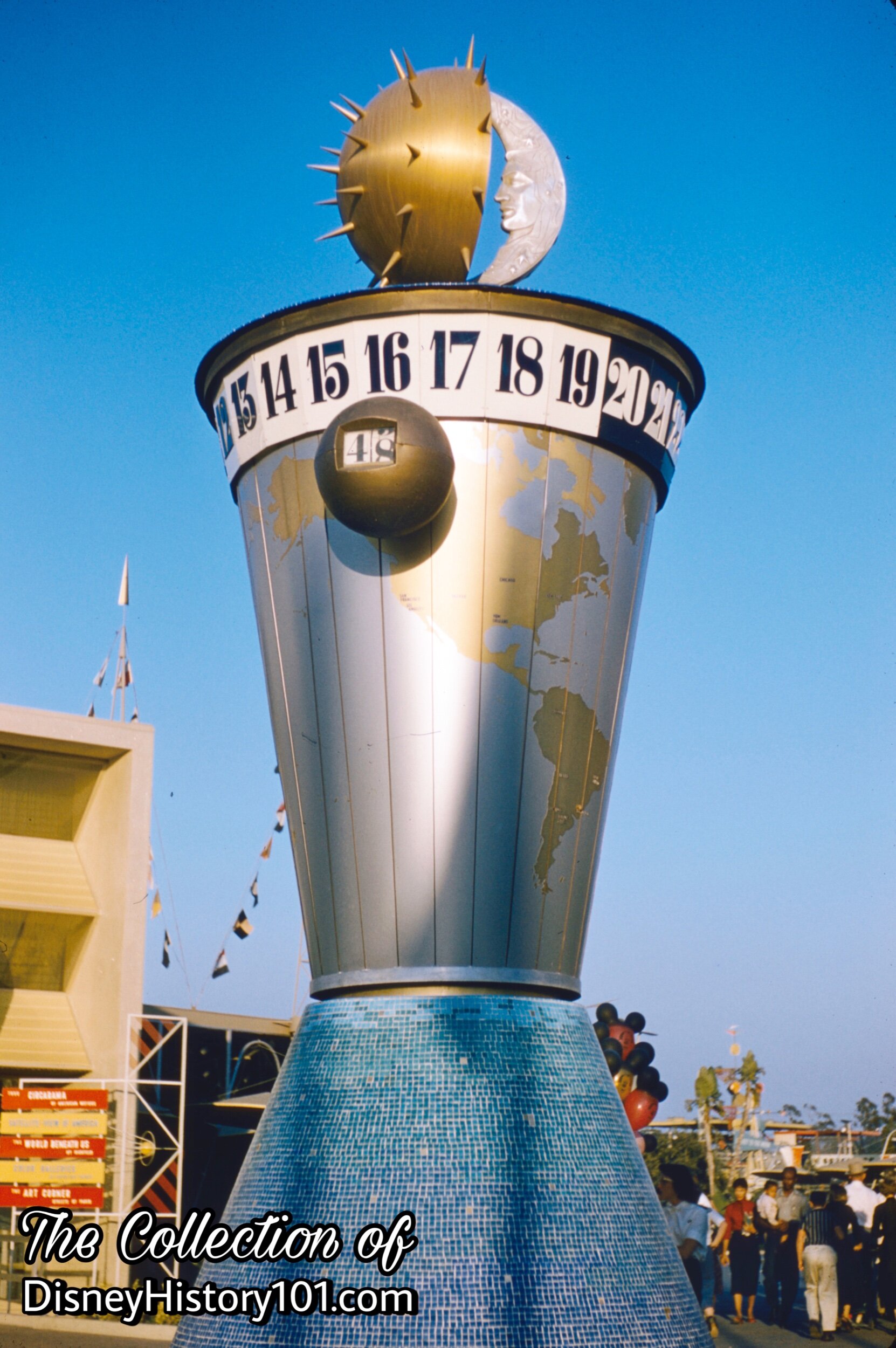
A decade before It’s a Small World, this was the Tomorrowland location of “just one moon and one golden sun.” Atop a roof, brass work, and plastic ring stood the gold-finish spun aluminum sun (with aluminum studs) and cast aluminum silver moon face. The latter measured 40 inches between points. Like some sort of “moon-spinner,” the entire piece would rotate. The moon and sun turned clockwise while the numbers would rotate counter clockwise.
The clock was covered with a map on top (with numbers on a separate ring), and stationary acrylic tile below on the base.
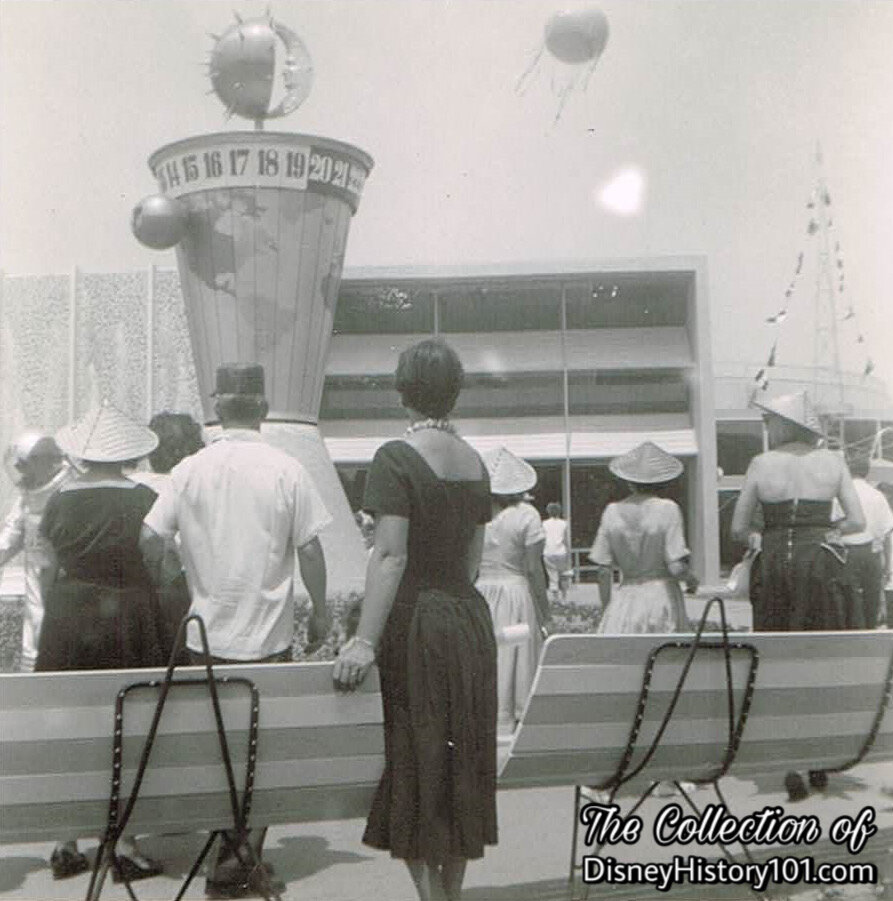
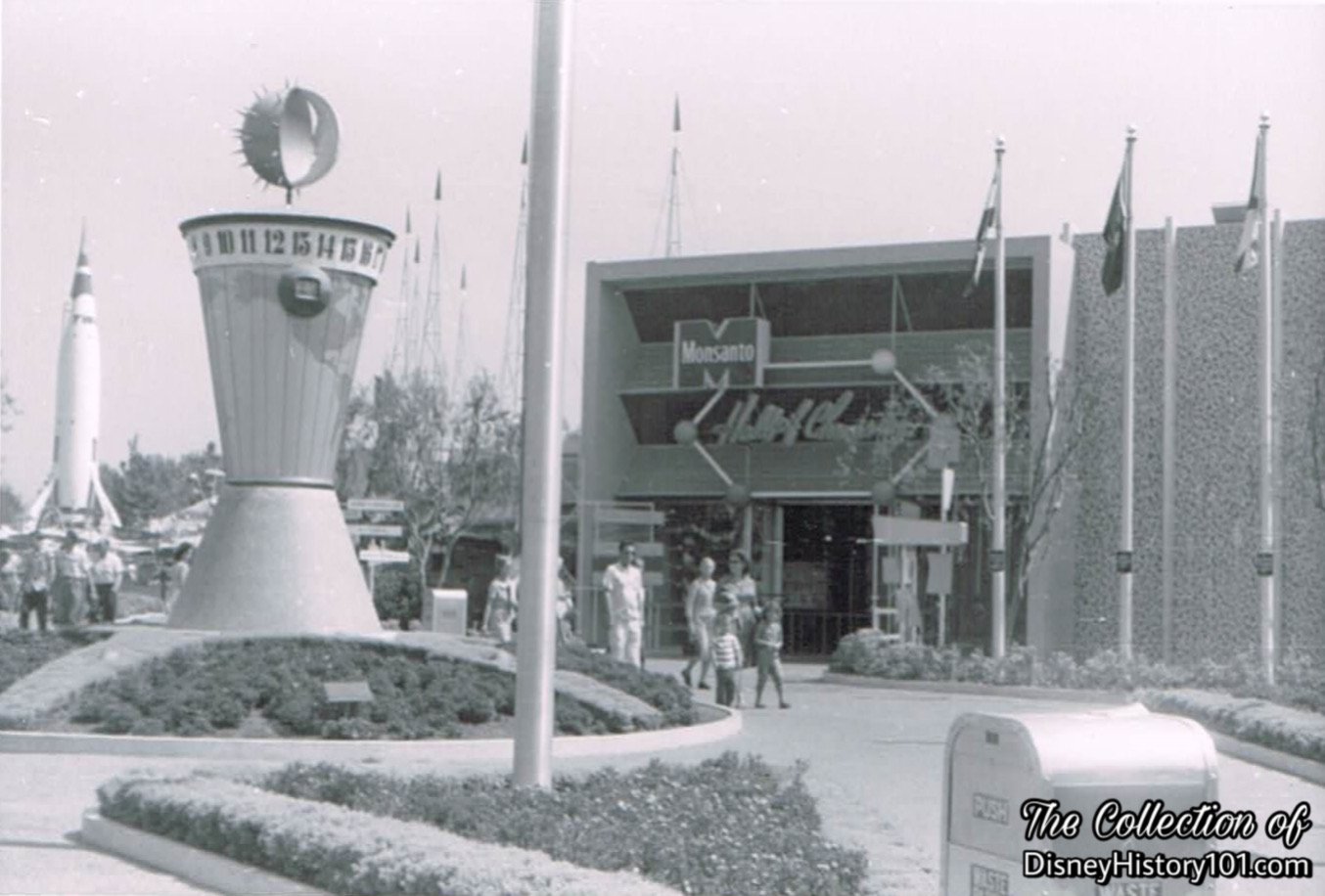
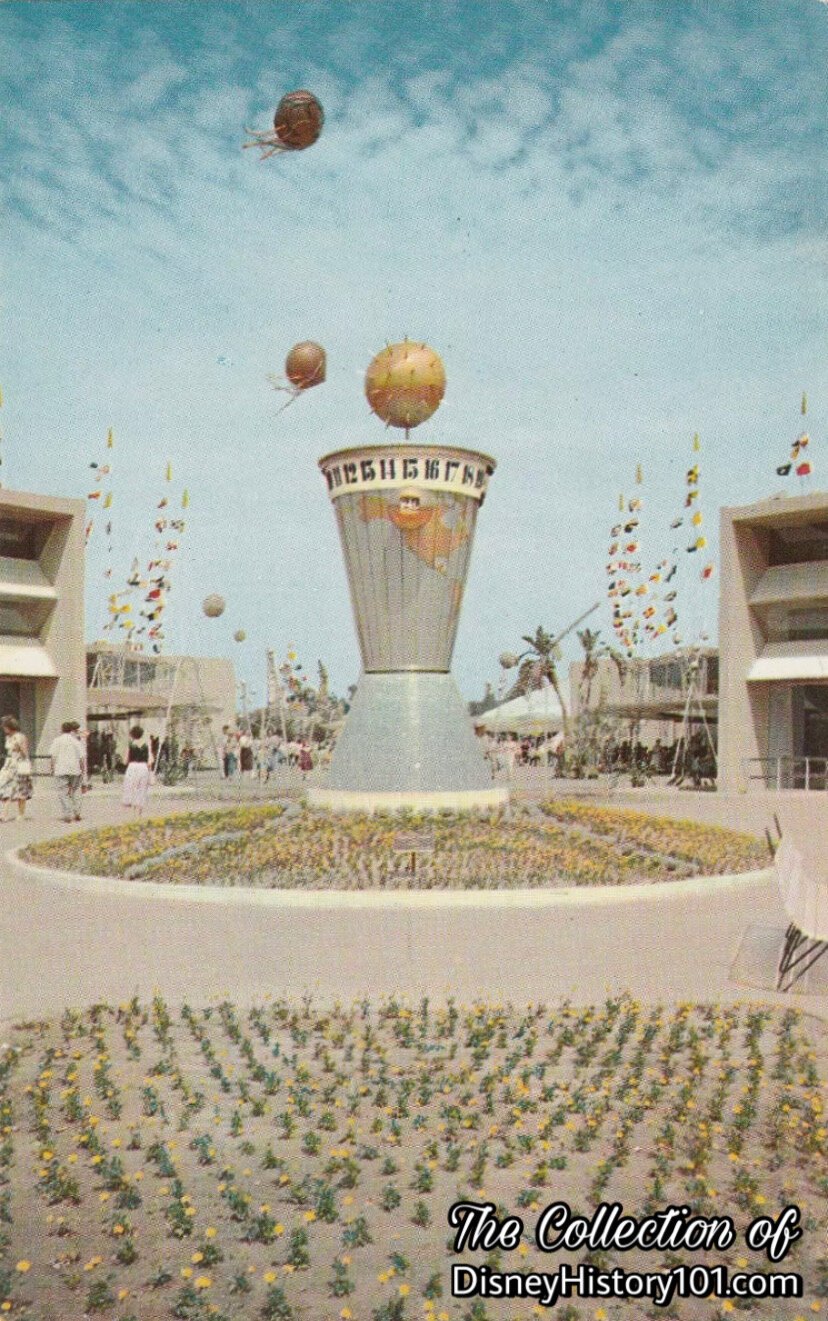
The Clock of the World and it’s surrounding planting area soon appeared in professional photographs shot for press-release material and publication. For instance, actress Spring Byington (of “December Bride) and child actor Bobby Diamond (of “Fury”) were photographed near the Clock of the World for their 1956 “TV Radio Mirror” photoshoot at Disneyland!

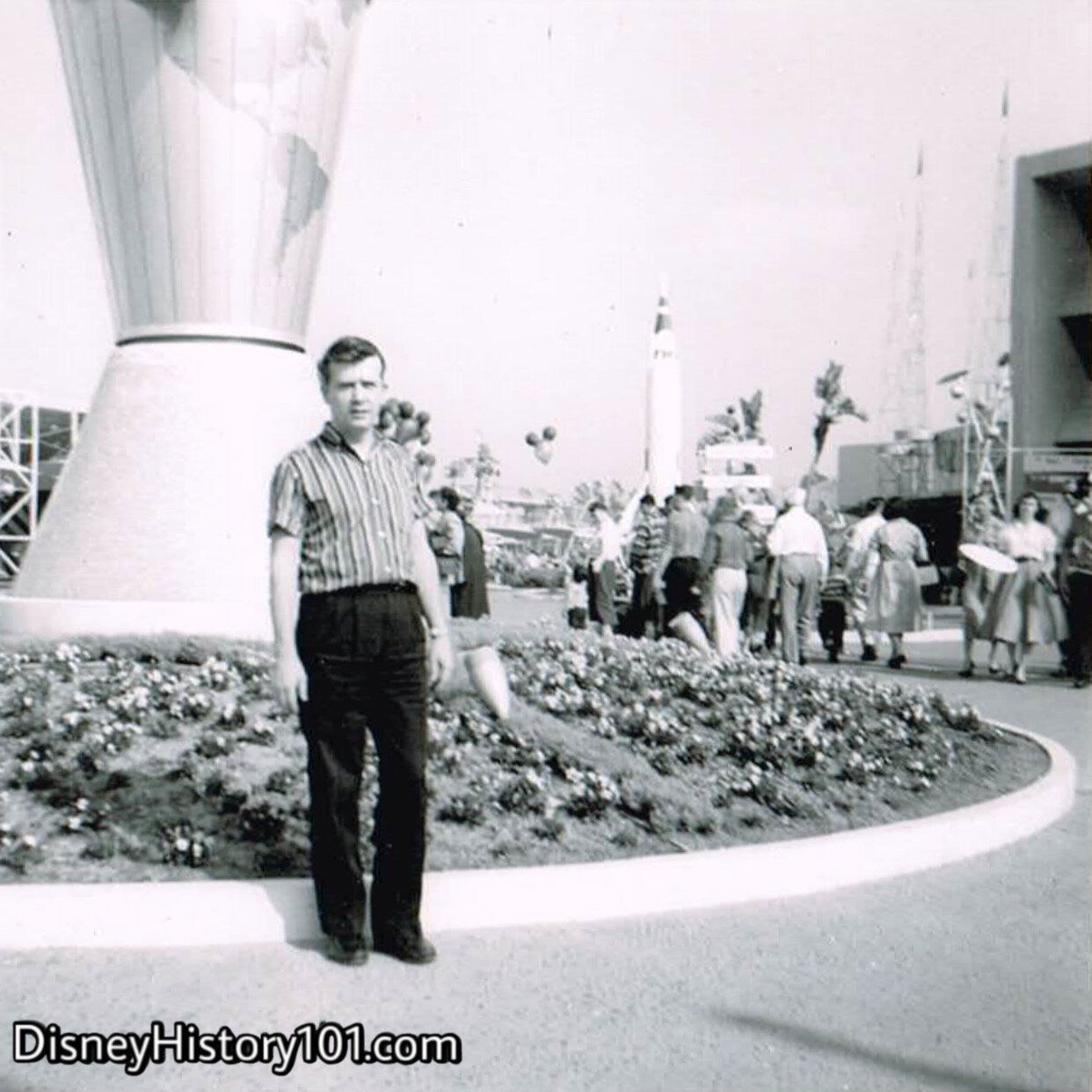
The Clock of the World (and surrounding bed of flowering buds) was certainly photogenic, and often served as a backdrop for amateur photographs.
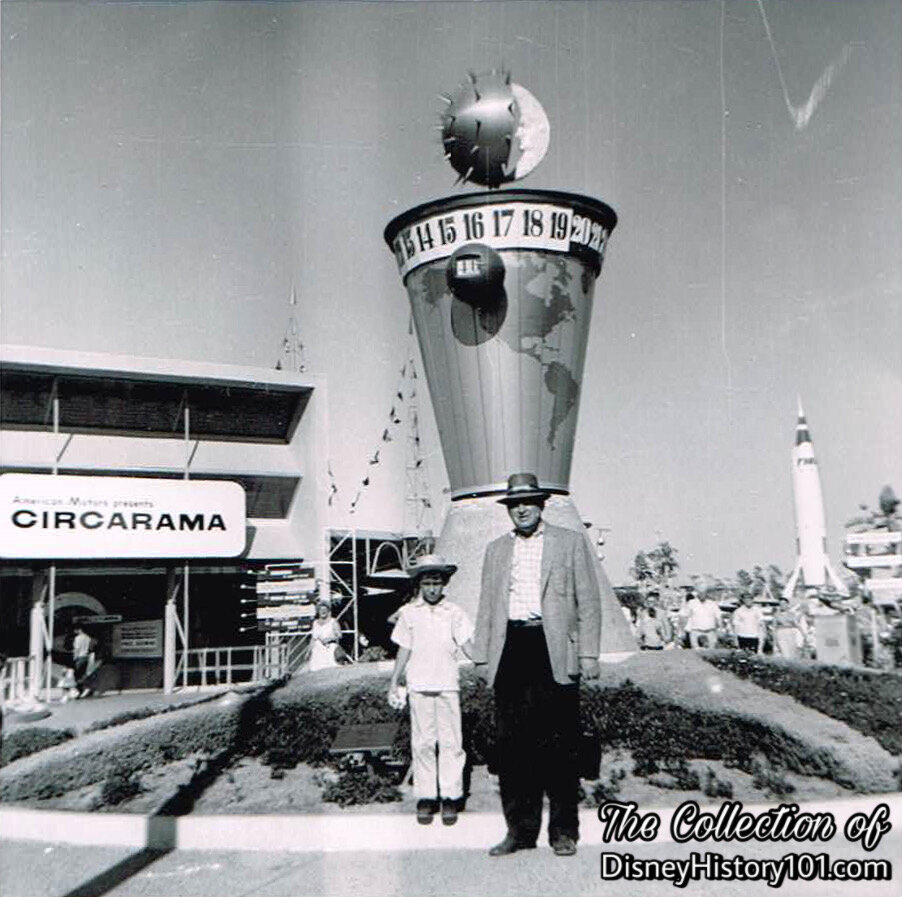
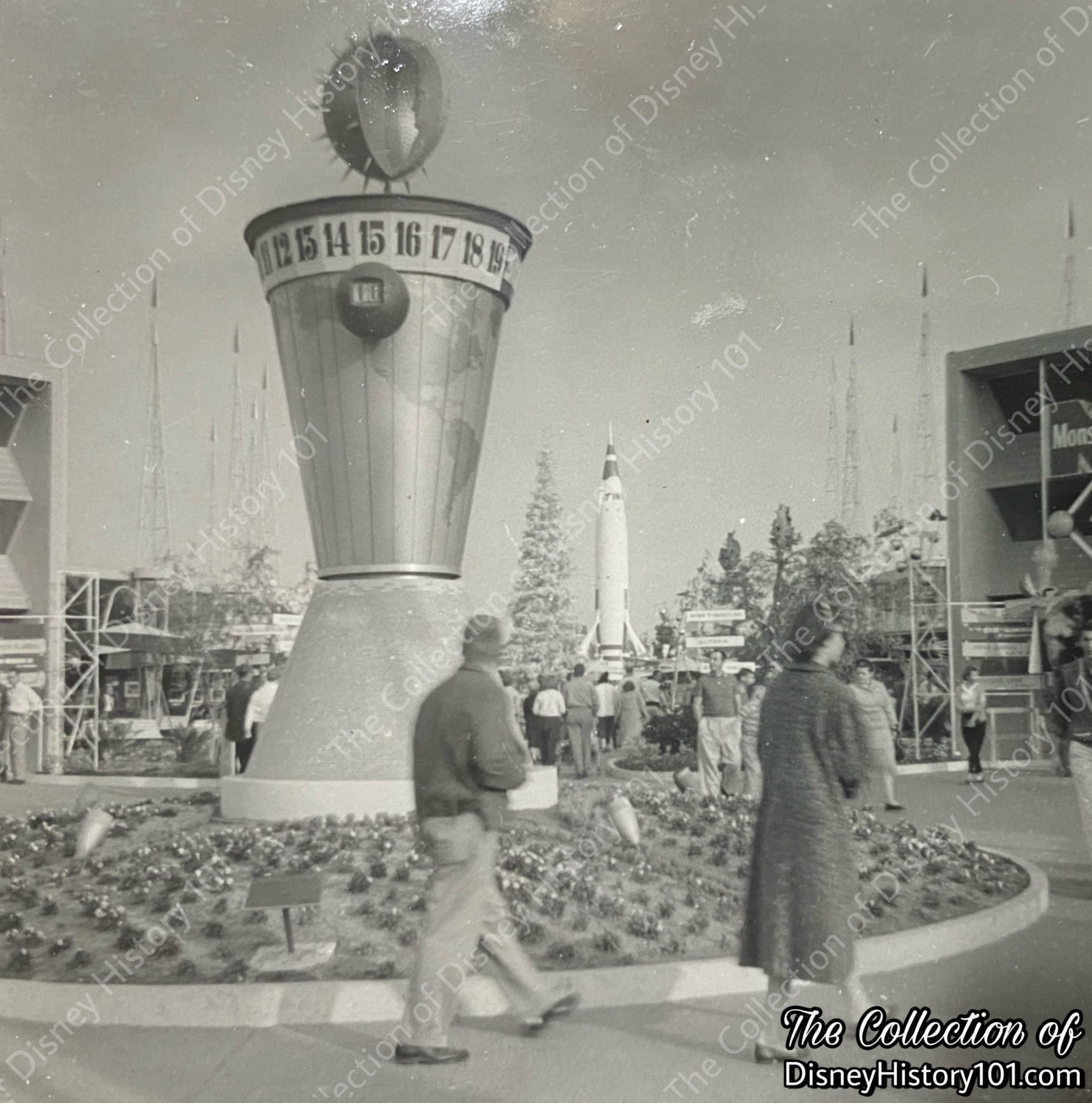
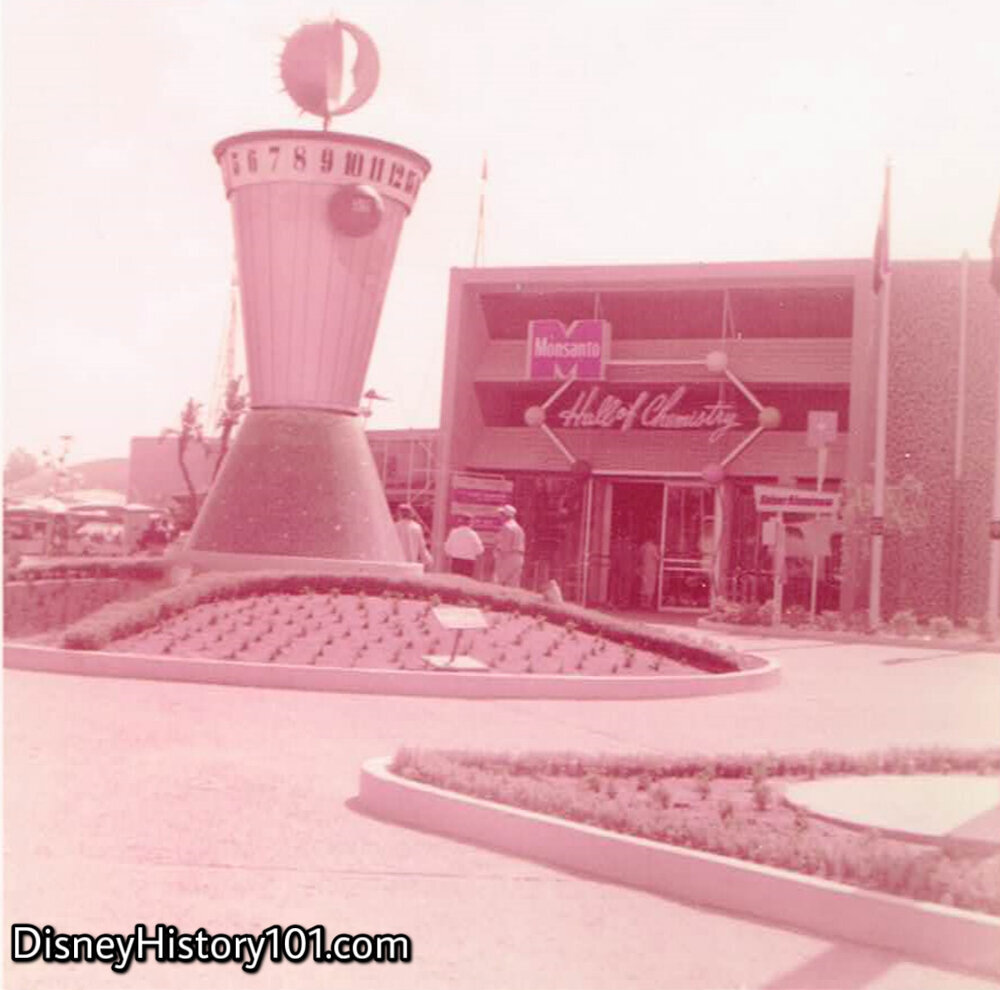
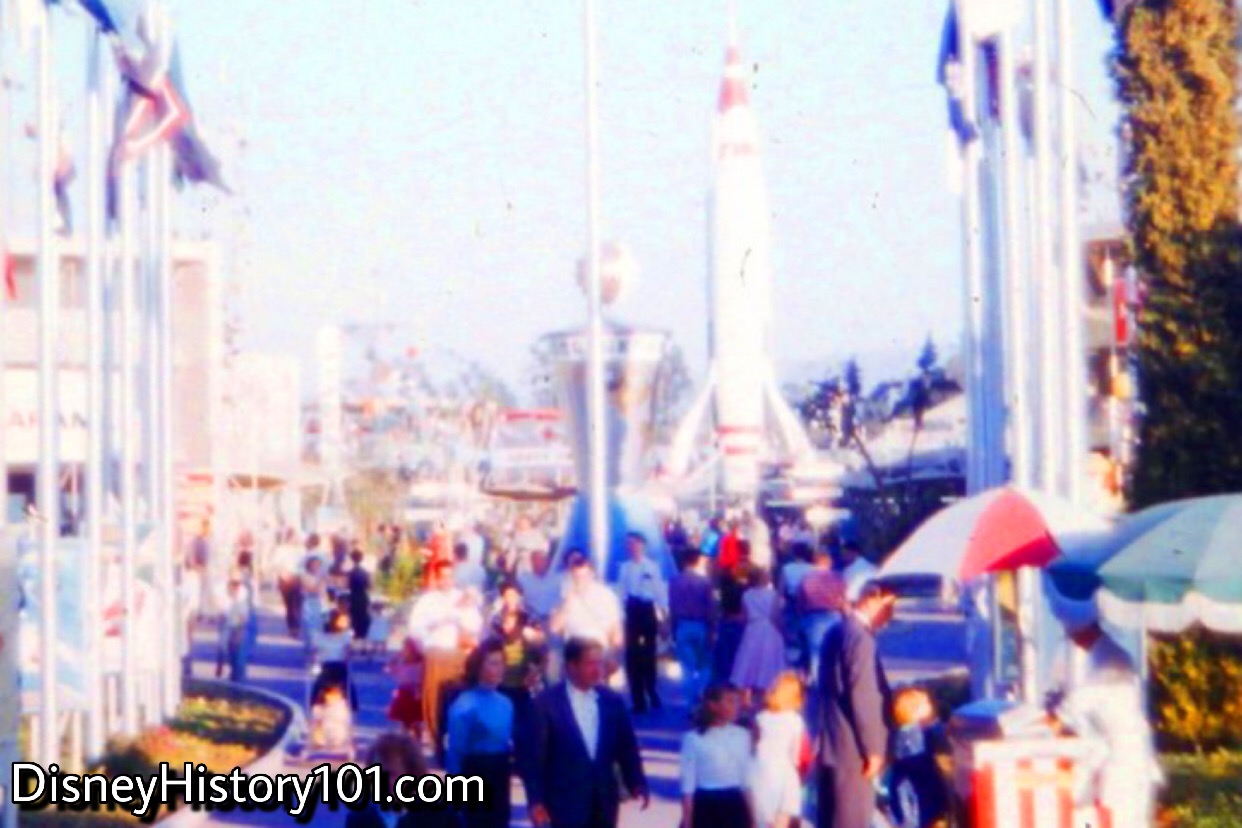
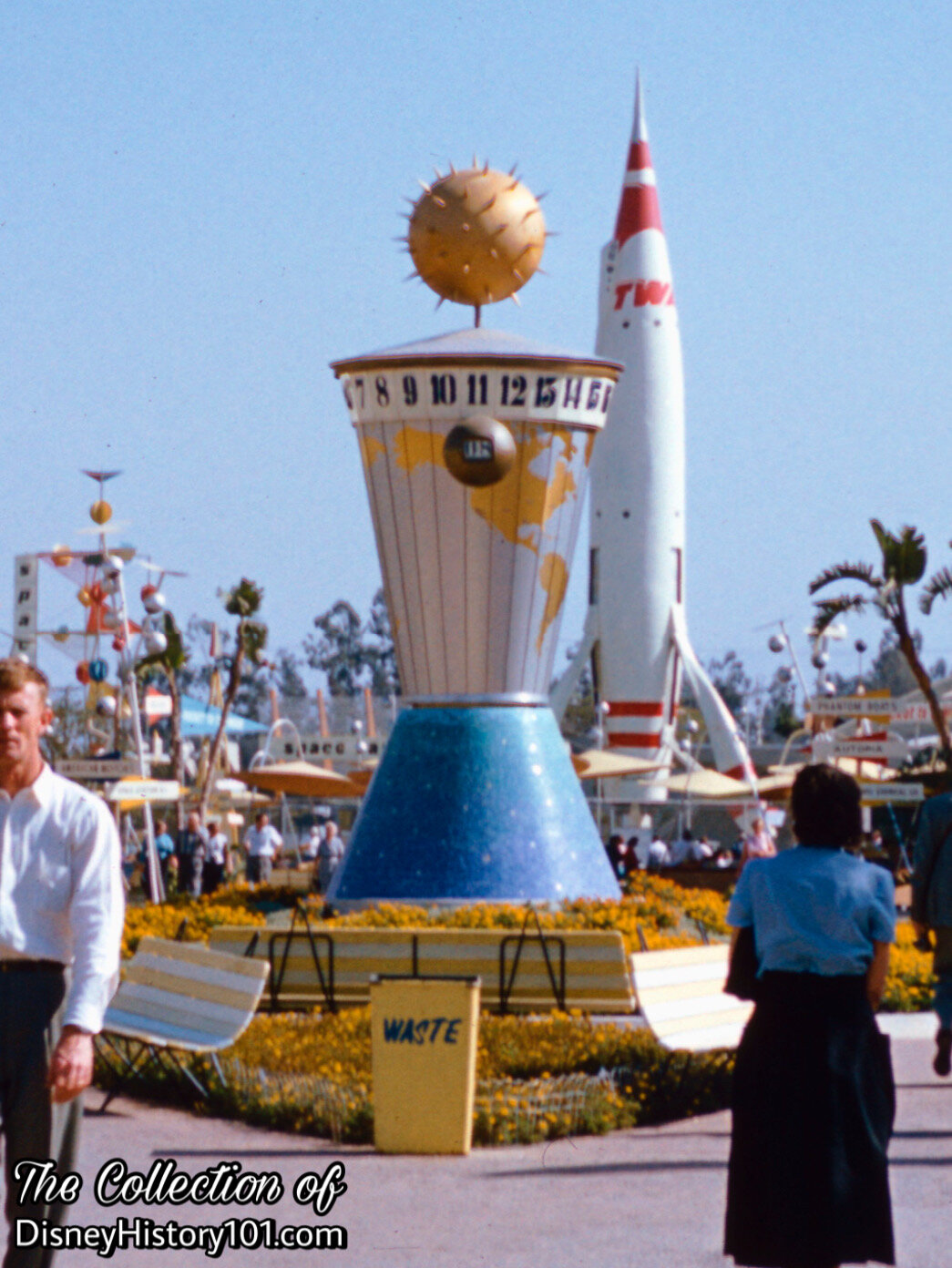
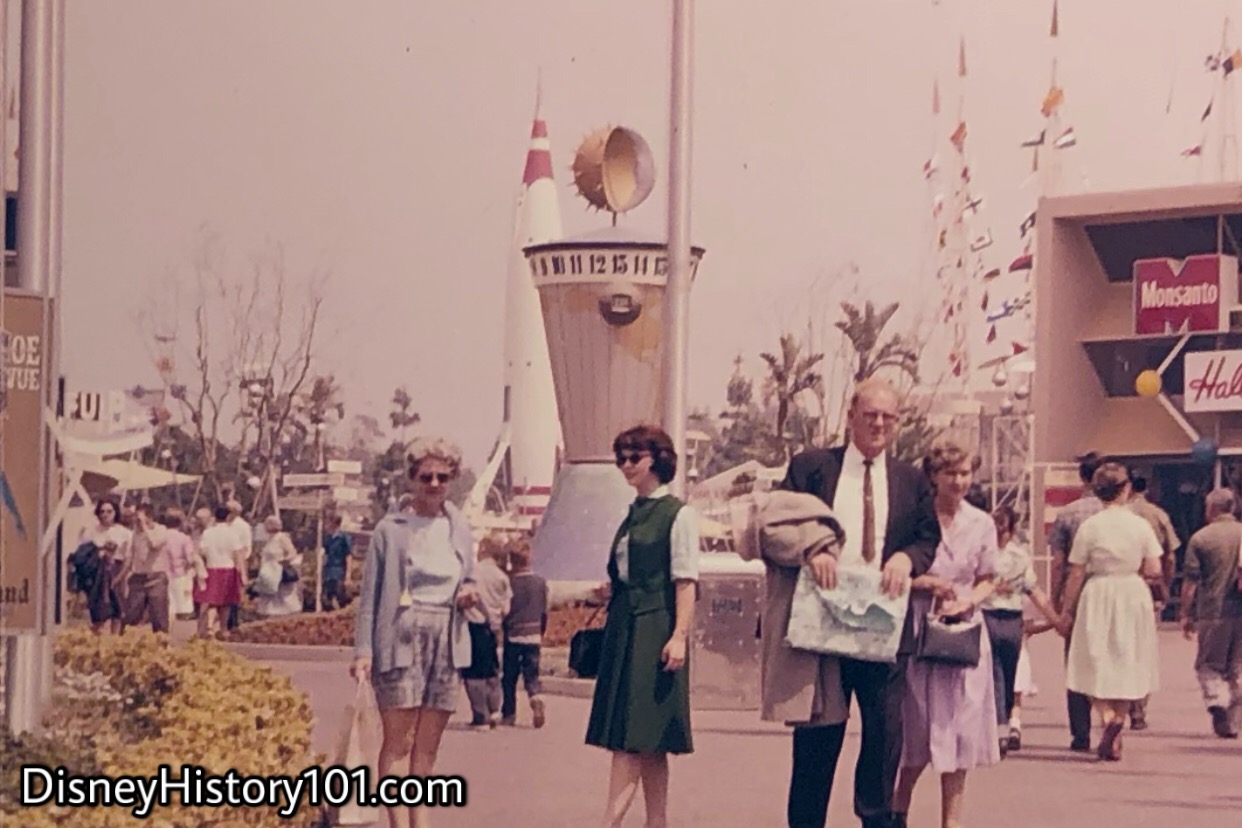
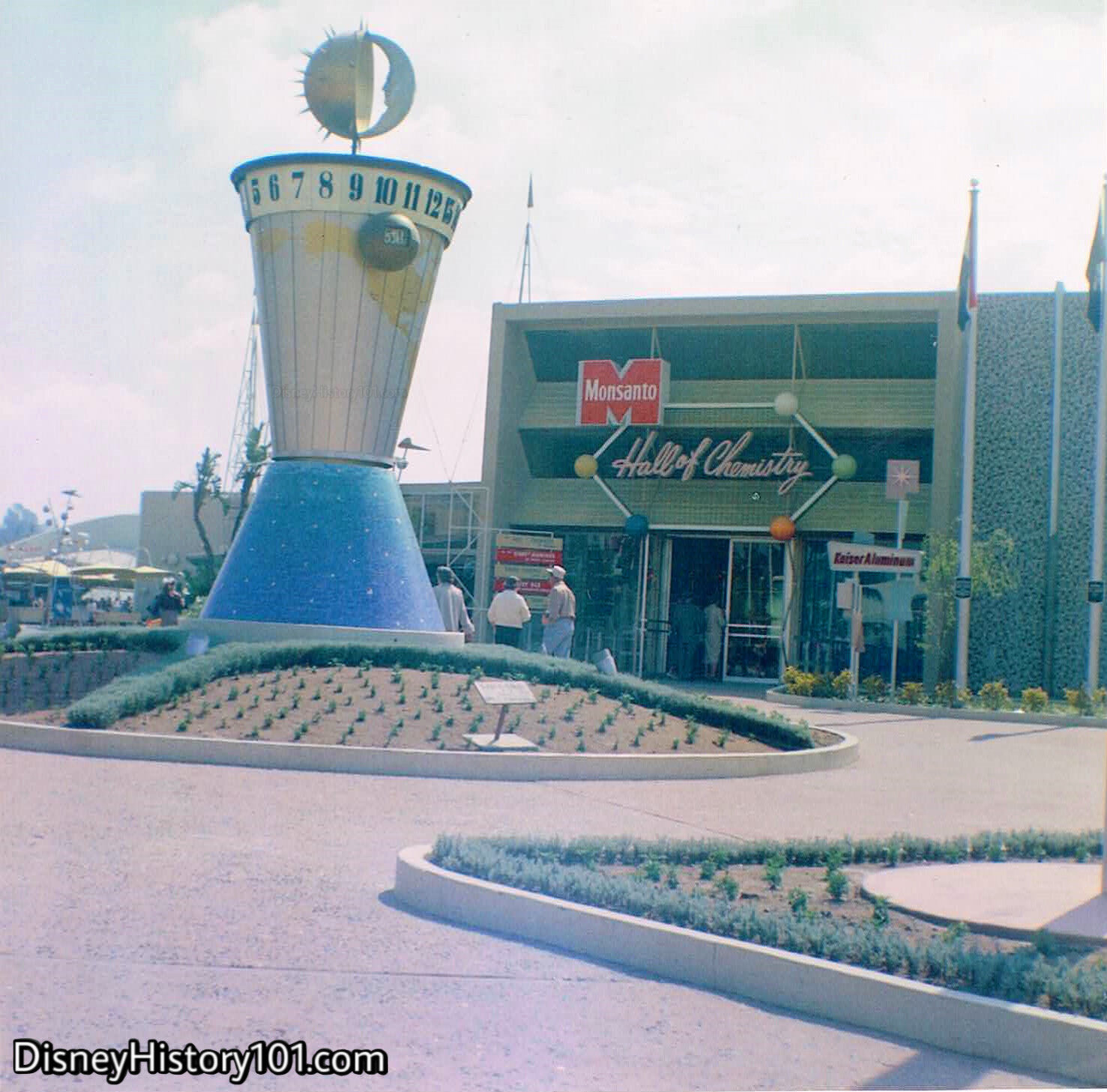
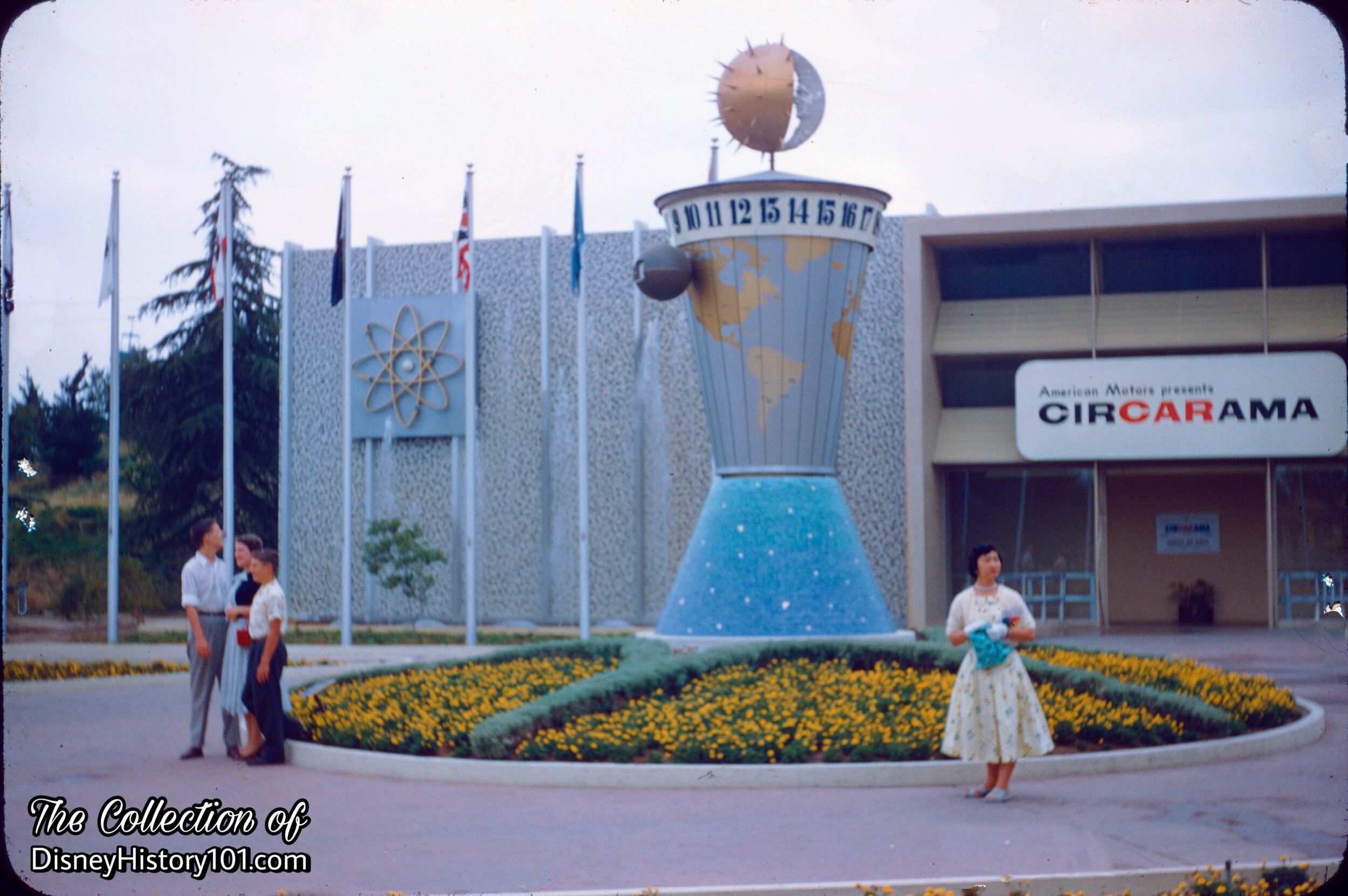
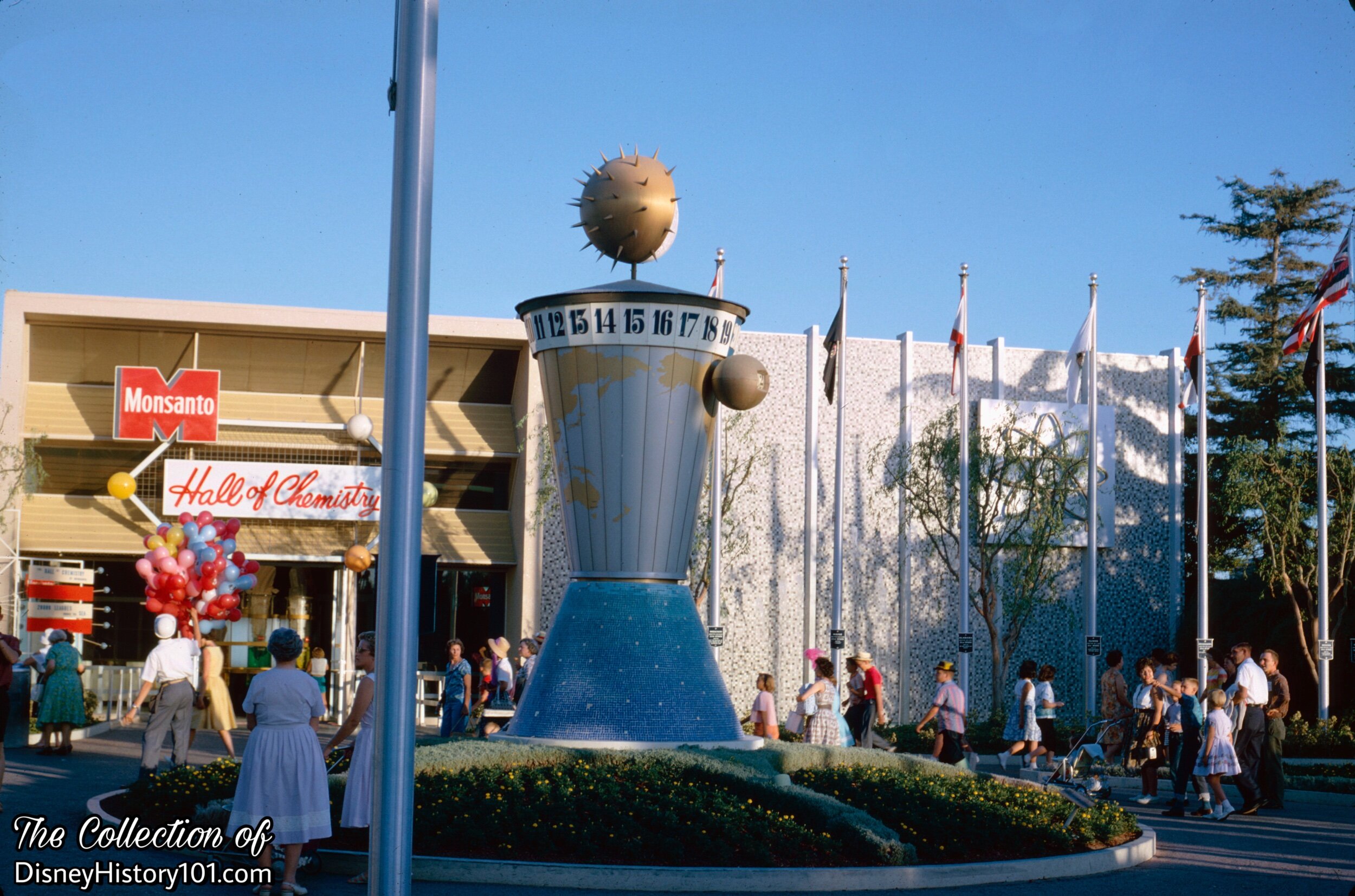
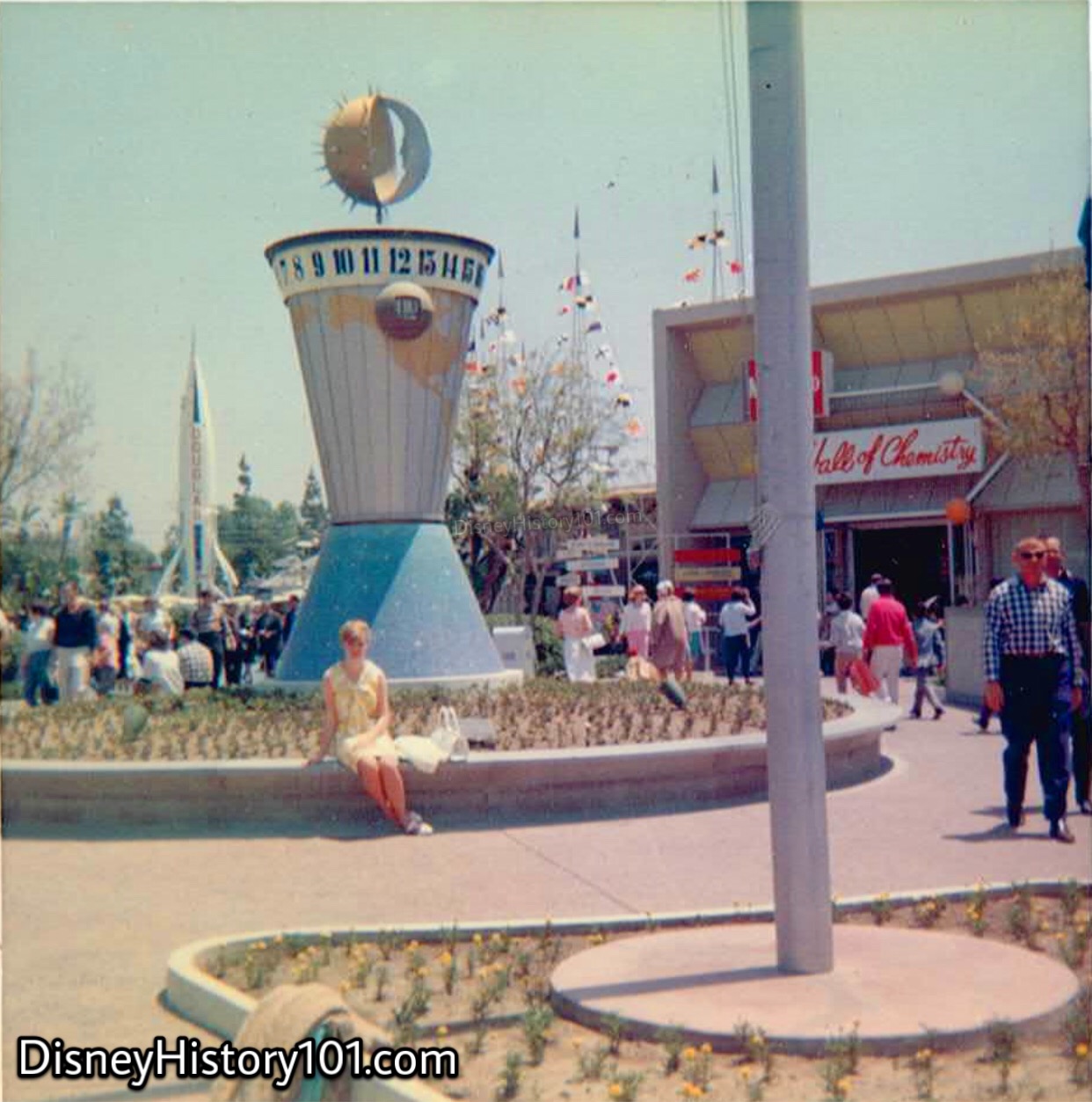
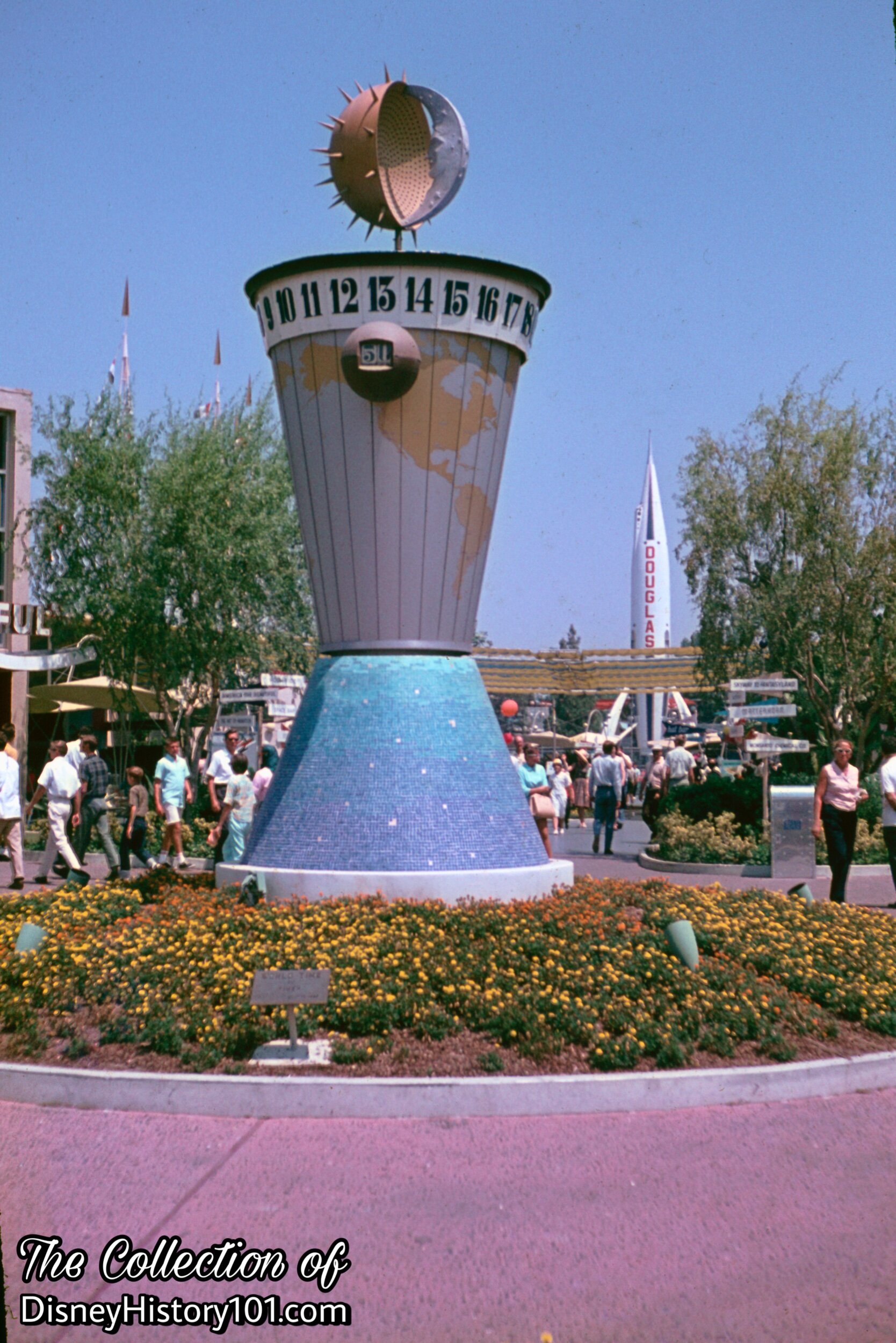
The Disneyland Dictionary (published 1958) described the attraction among the “Disneyland Particulars” in the following way: “A giant TIMEX clock gives world time, and is a landmark at the entrance to the land.”
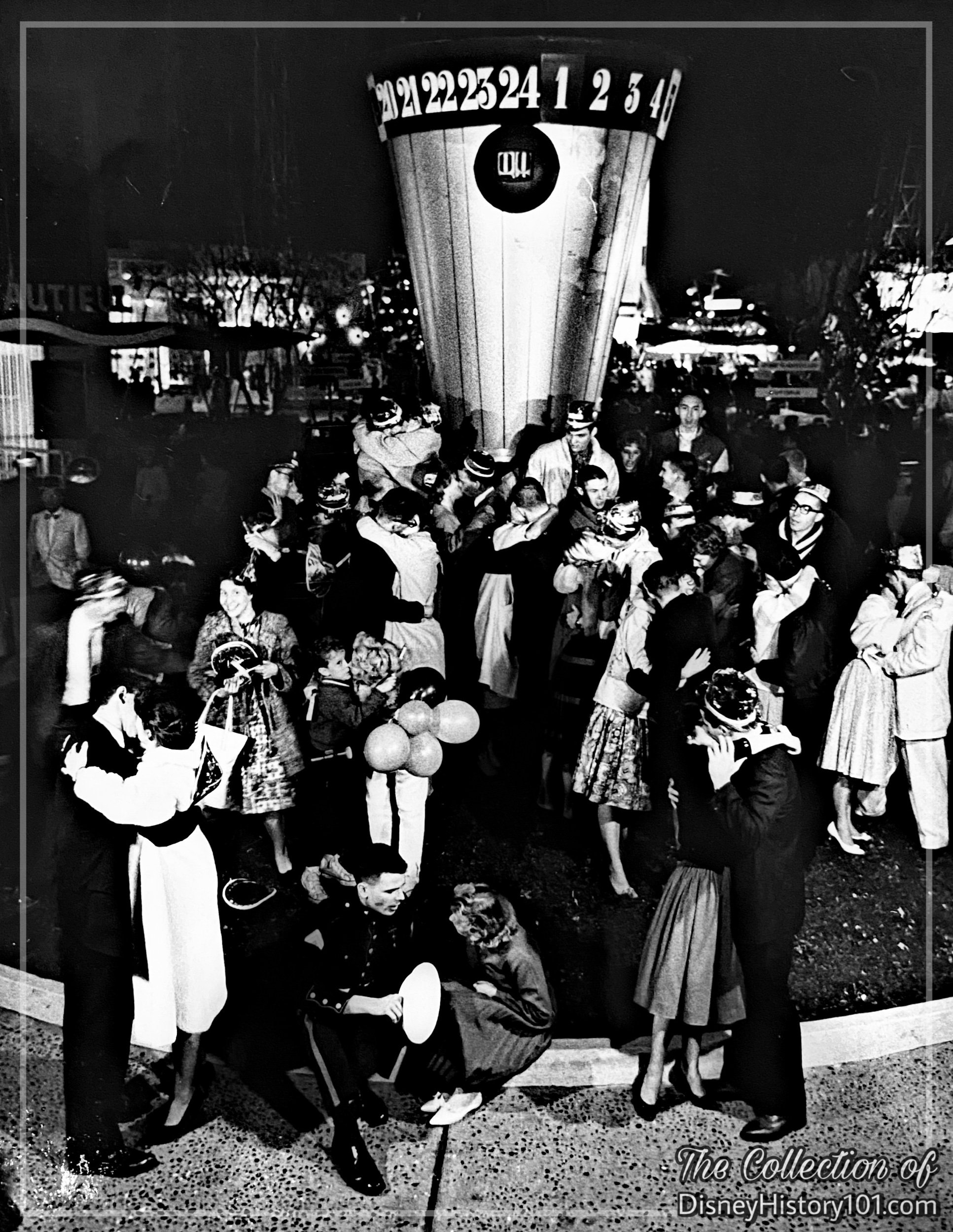
“When Corporal Laurie A. McGaw, stationed at El Toro Marine Corp Air Station in Southern California, found himself dateless with New Years Eve fast approaching, he set out on a reconnaissance mission to find a solution. Scouring a local newspaper one day, an advertisement caught his eye and provided the Marine Corp's imaginative answer. Disneyland, just a half hour away from El Toro, was having a New Year's Eve Party. The mission suddenly crystalized for Corporal McGaw. Disneyland has a ‘World Clock’ one that enables you to tell the time of day anywhere in the world. So, the Corporal reasoned, why not celebrate the New Year as it arrives as the clock strikes Midnight around the globe? And that's just how Corporal Laurie A. McGaw spent his New Year's Eve, 1961 ... and most of the afternoon as well. The gals? That was easy for a Marine in dress blues. He just stood by the clock, picked out the right one as she came by, and asked her for a kiss. Simple!
(Conveniently, the Disneyland clock is numbered in military manner. The number "I" is 1 a. m.; 12 is Noontime, and 24 - the 24th hour of the day is midnight.)”
A Press Release continues, describing the acquired kisses:
“LONDON & PARIS: Still daylight (4 p. m.) in California, but its midnight in London and Paris -- and the New Year has begun. The Corporal's first ‘date,’ Marilyn Huntsman.
WEST AFRICA AND ICELAND: Norma Allman starts the year on the right foot. Wow! said Corporal McGaw. (5 p. m. in California)
GREENLAND: Maybe the North country is cold, but Judy Wampler belped keep the Corporal warm. (6 p.m. in California)
BUENOS AIRES: Rebecca Morris and Corporal McGaw. (8 p. m. - California)
CHICAGO AND NEW ORLEANS: Photo #6: Sisters my Curtice and Mary Jo Curtice (r). (10 p. m. -California) Photo #7: Dorris Bruce. Photo #8: Geri Kirk.
DENVER AND DALLAS: Photo #9 and 10. Ginger La Hone (11 p. m. in California)
Finally, its New Years in California. But by this time - - - back gain with "first kiss" Marilyn Huntsman - -- Corporal McGaw has had it. ‘I may be disfranchised by the Marines for saying so, but I was tired. Besides, I've always wanted to spend a quiet New Years!!’”

According to Disneyland World of Flowers (published 1965) : “The clock is perpetually encircled by flowers. . . in the winter time, violas.”

“Encircling the Clock of the World is a rich flower bed containing colorful annuals”, according to Disneyland World of Flowers (published 1965). To elaborate, “the clock is perpetually encircled by flowers. In the spring it is dressed with French dwarf marigolds.”
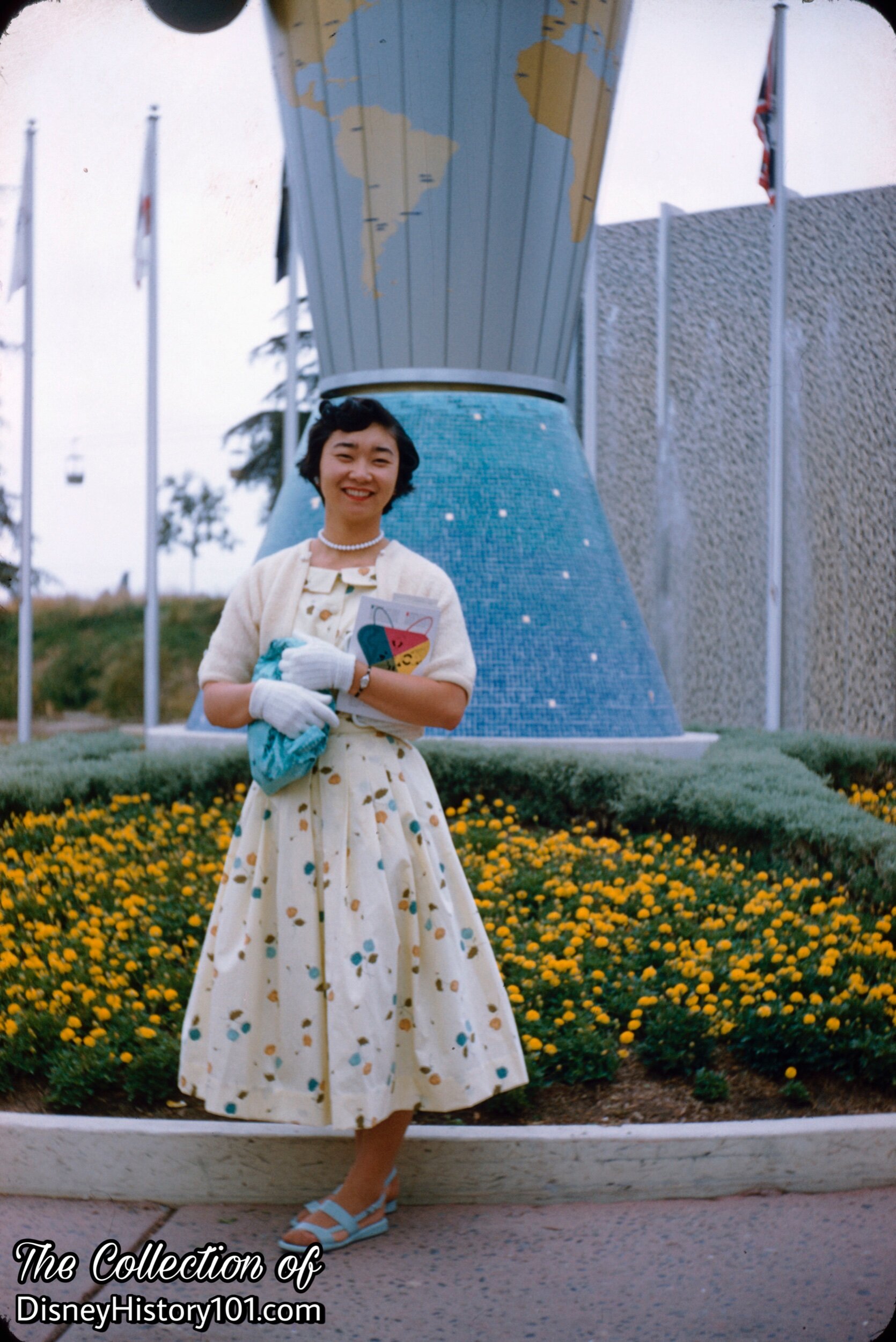
This guest must have utilized her copy of “The Story of Disneyland” (and its rear “Disneyland Guide Map”) to find the Clock of the World.
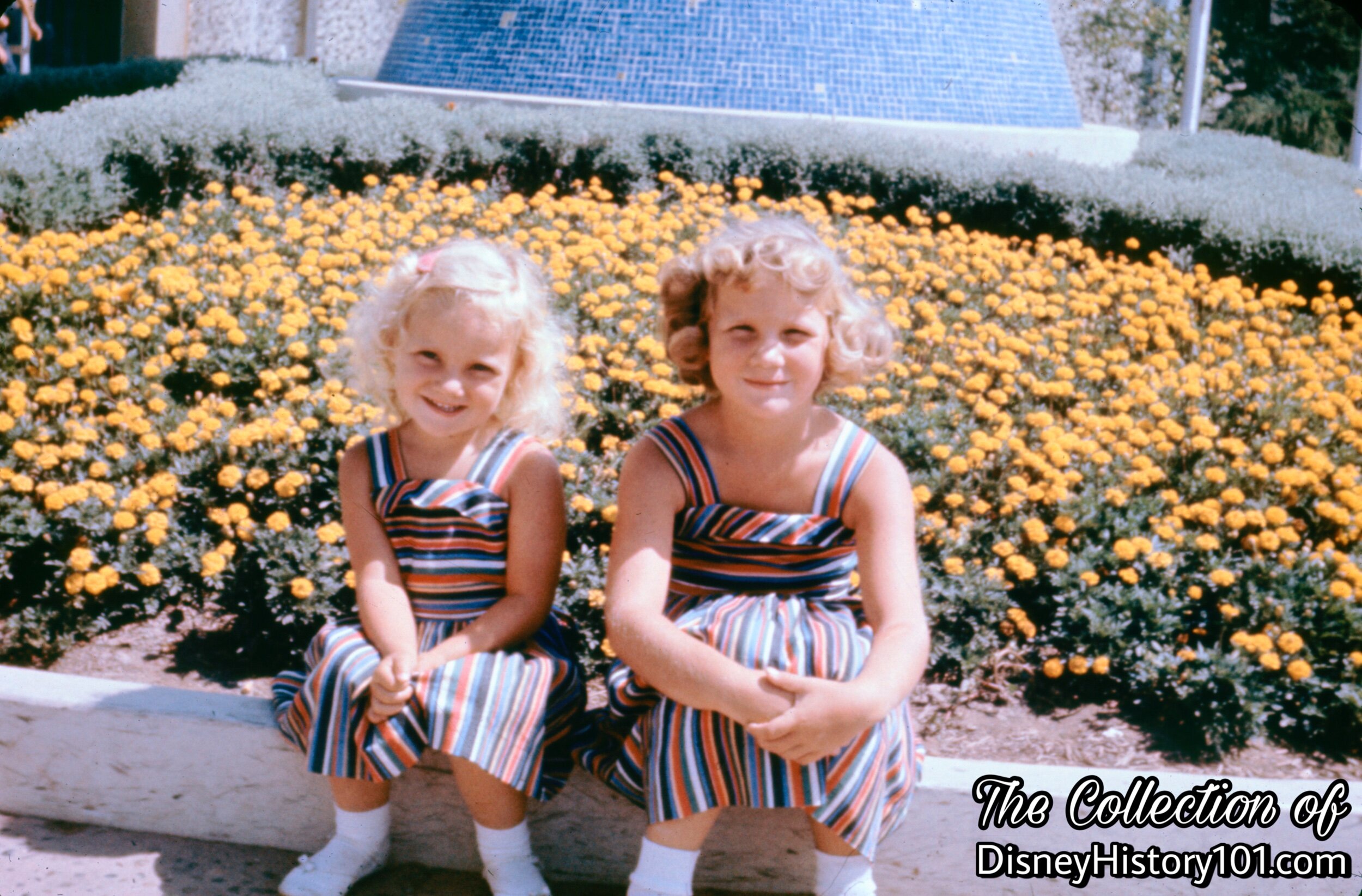
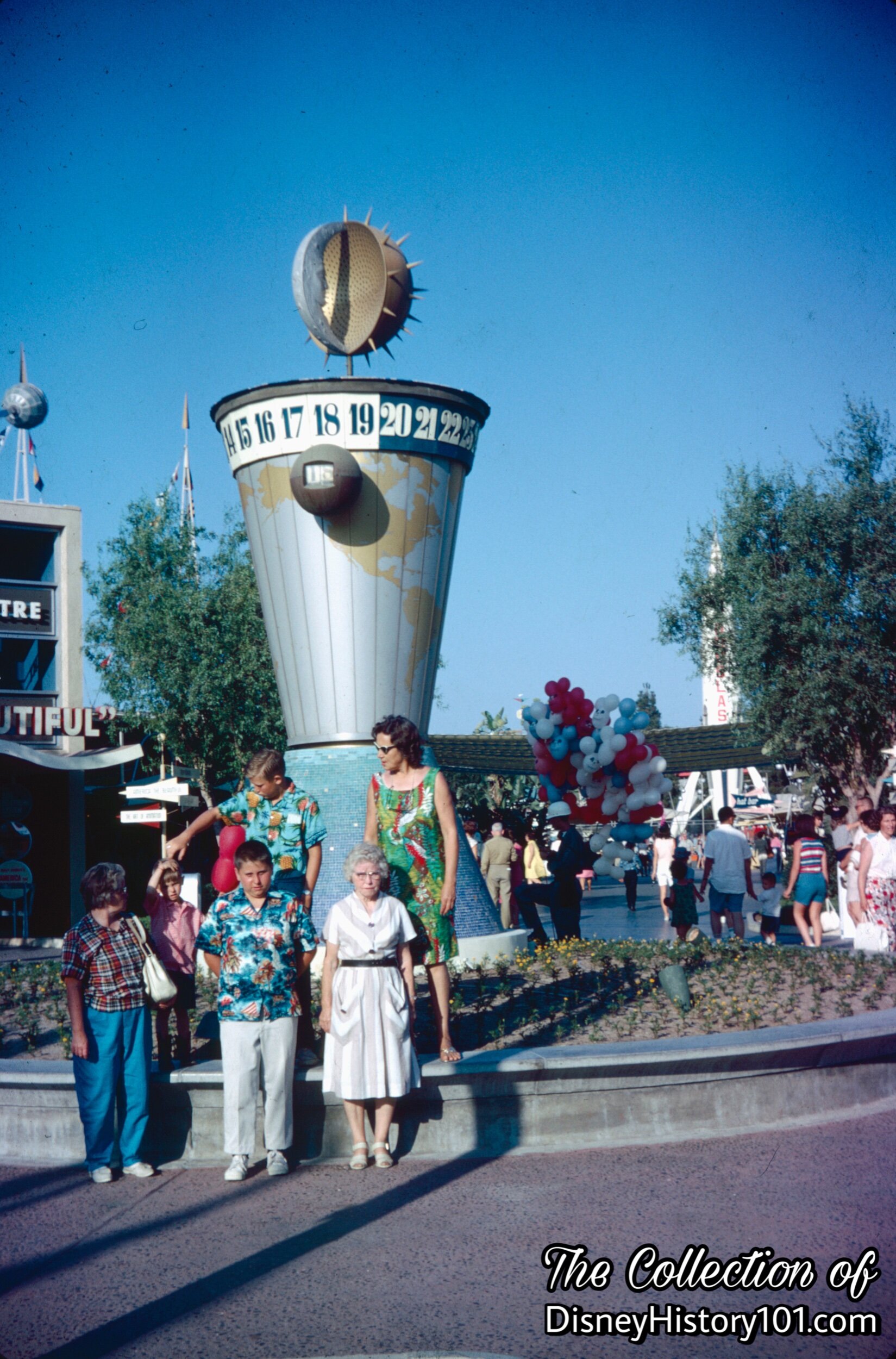
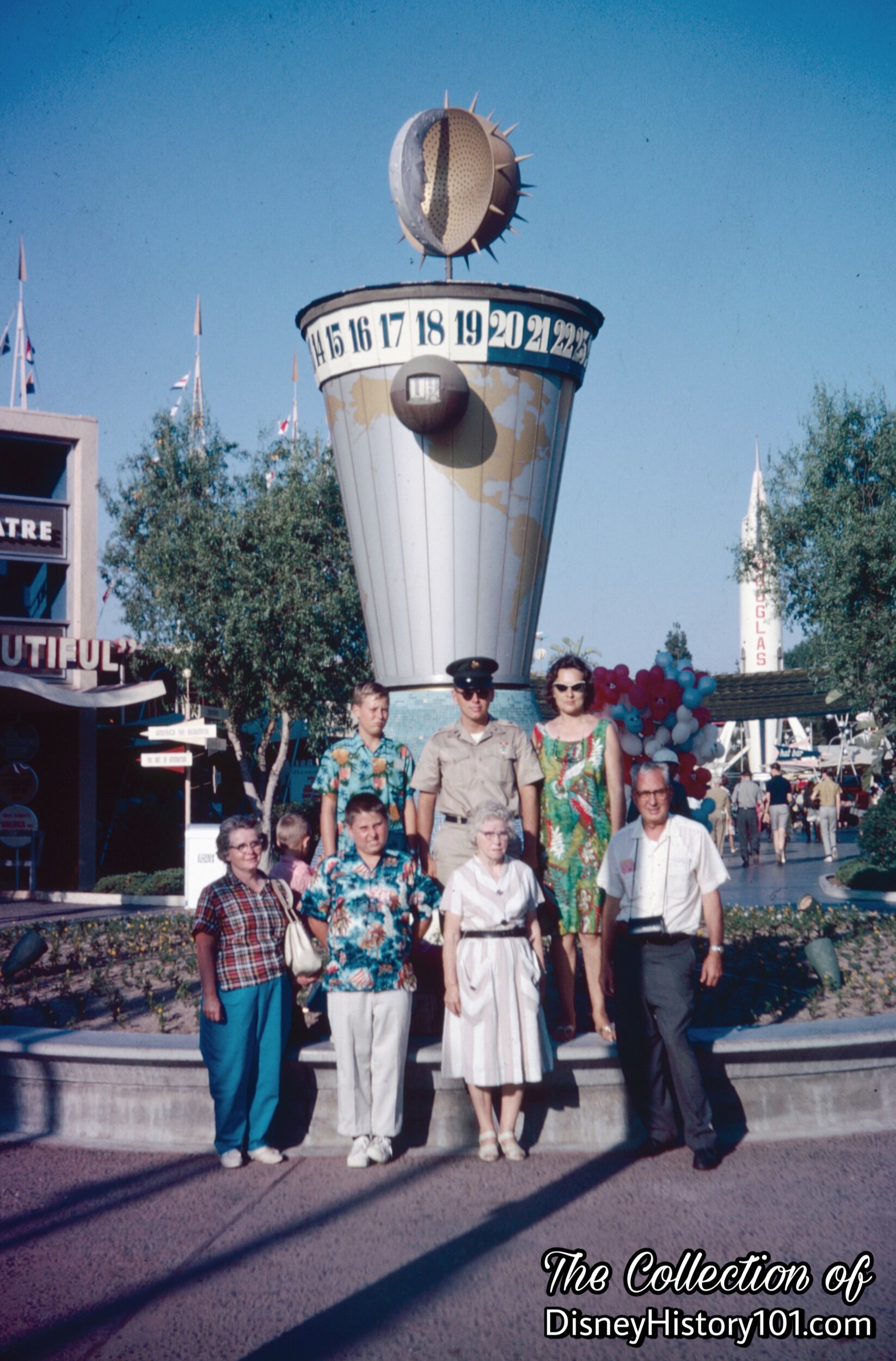
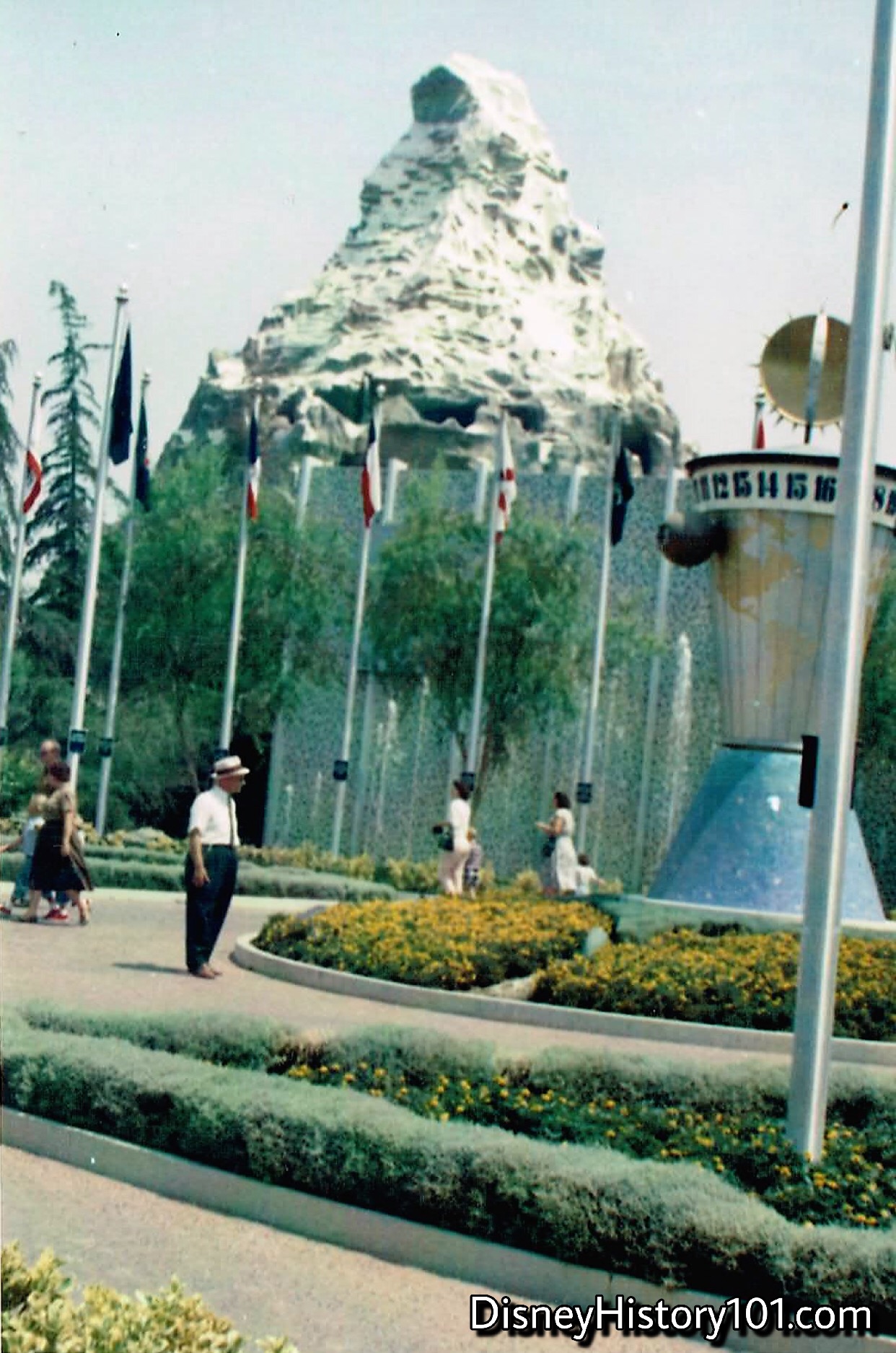
The numbers corresponding to the hours in a twenty-four hour day would rotate and align with locations on the map below.
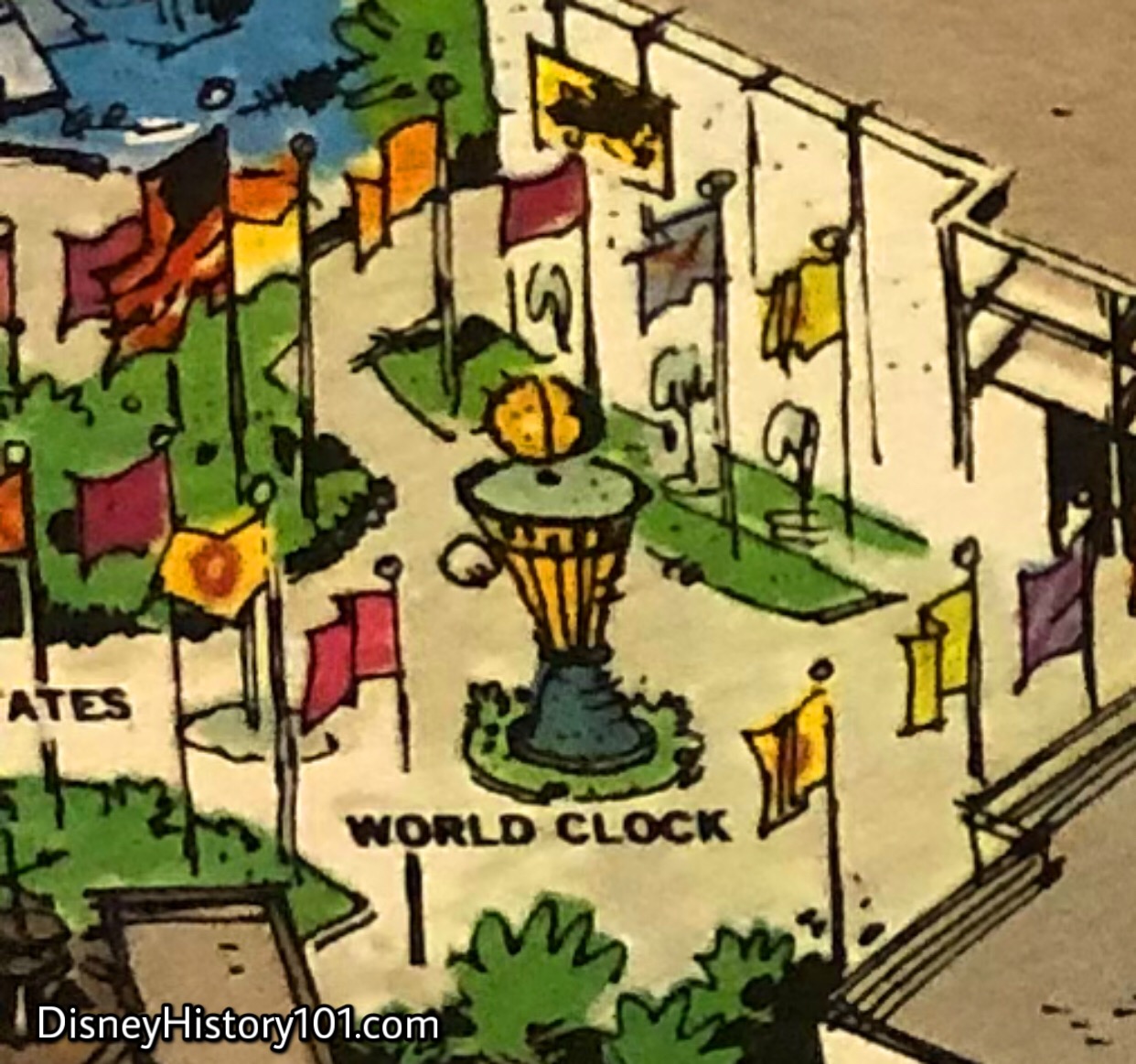
Flags of the States bordered the Entryway to Tomorrowland, and encircled the Clock of the World.
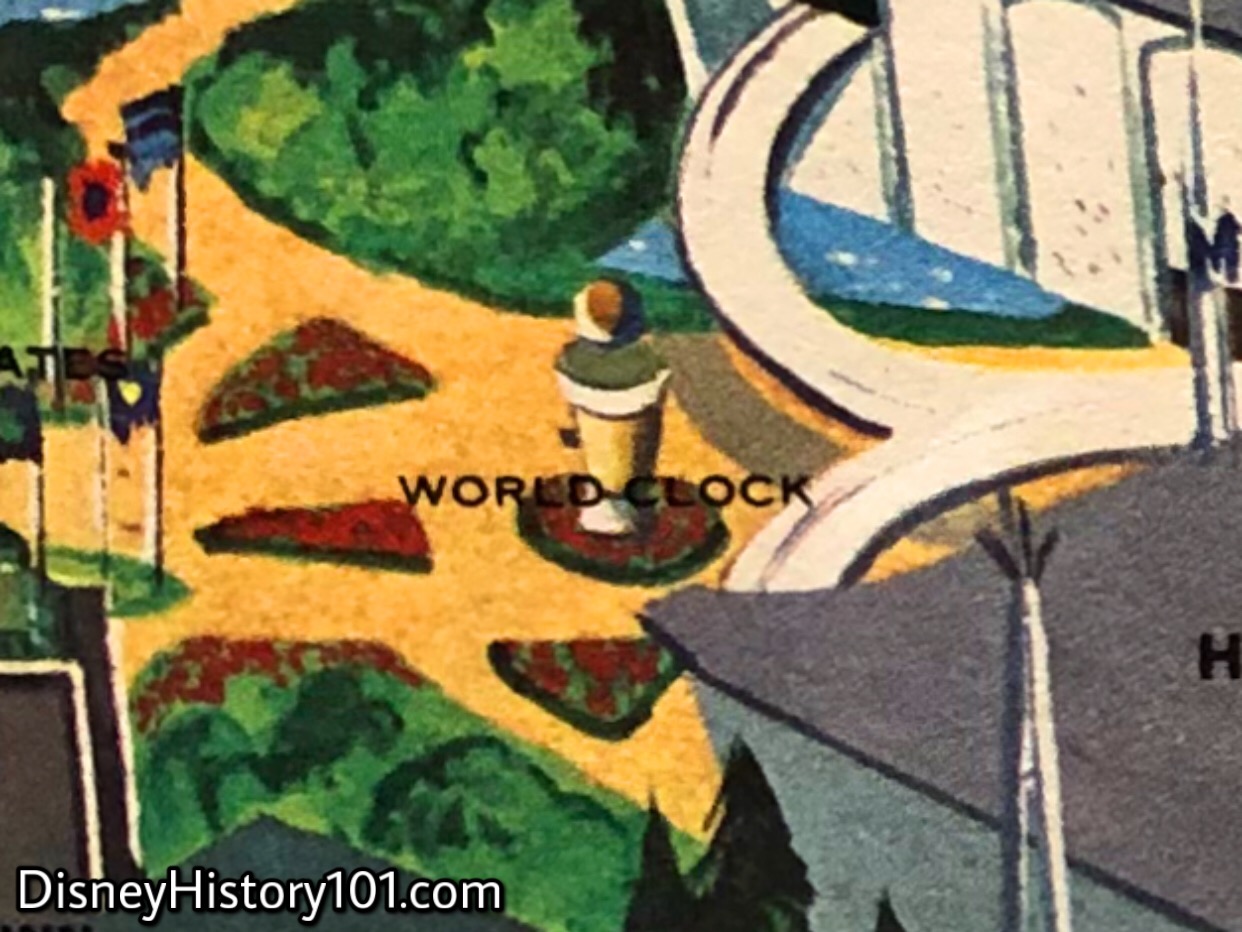
It looks as if the Clock of the World and the Avenue of Flags was originally assured a place in Tomorrowland, even after the addition of the PeopleMover, according to this map artwork.
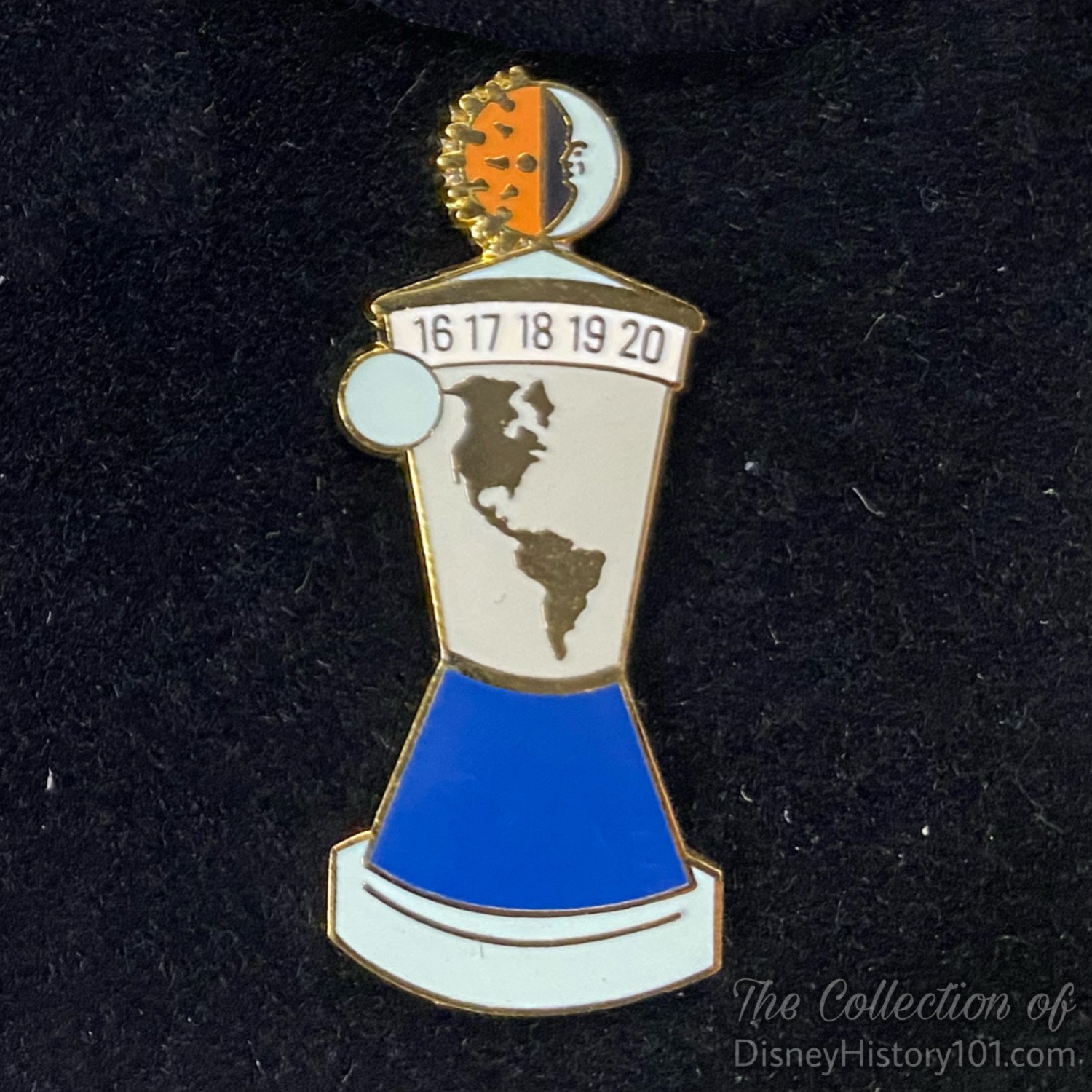
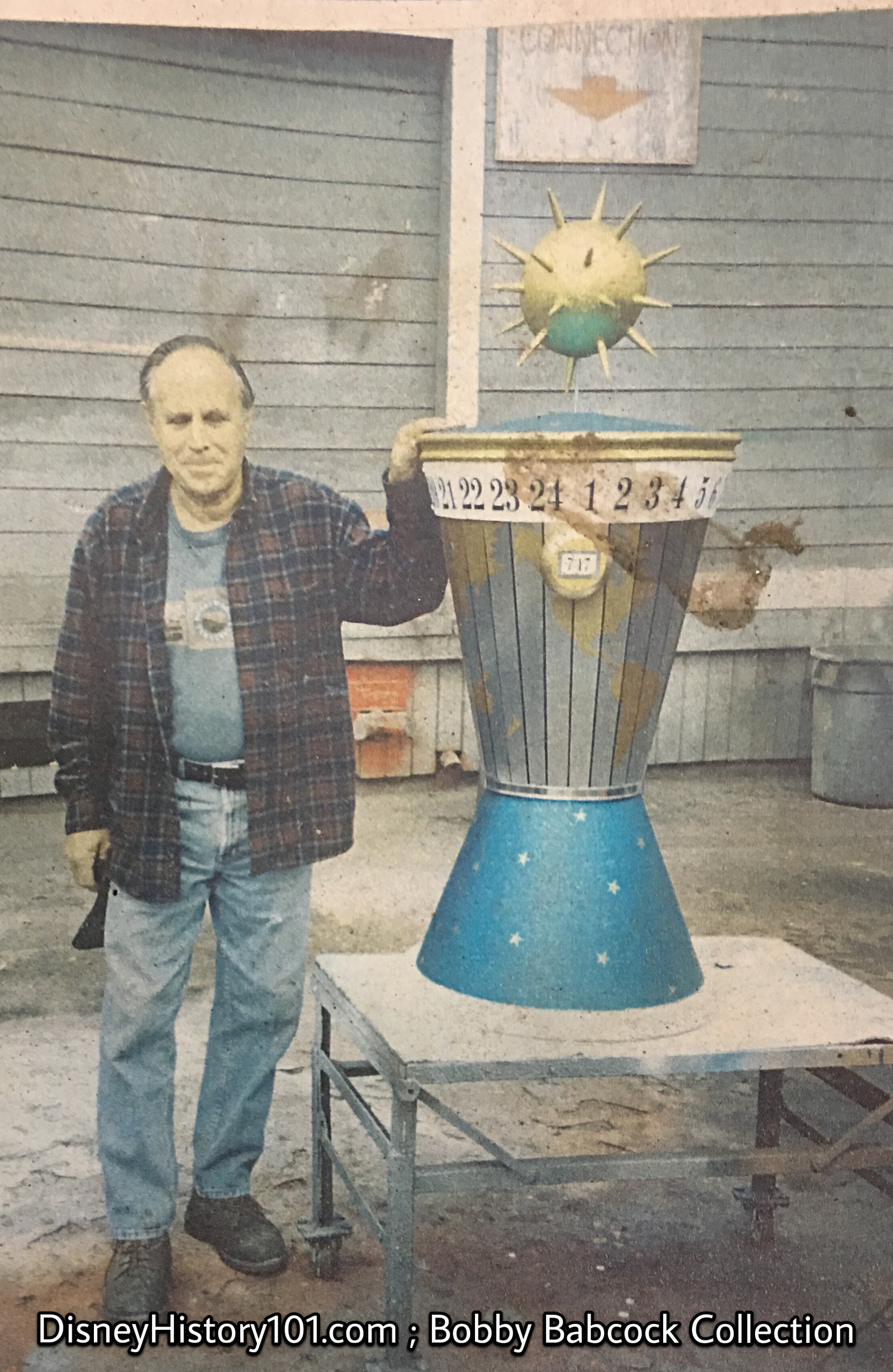
The Clock of the World returned to Disneyland (this time, in miniature form) for a Tomorrowland exhibit at the 60th anniversary celebration of Disneyland! This small scale representation was created by Bobby Babcock and his team of artists at local RWB Props.
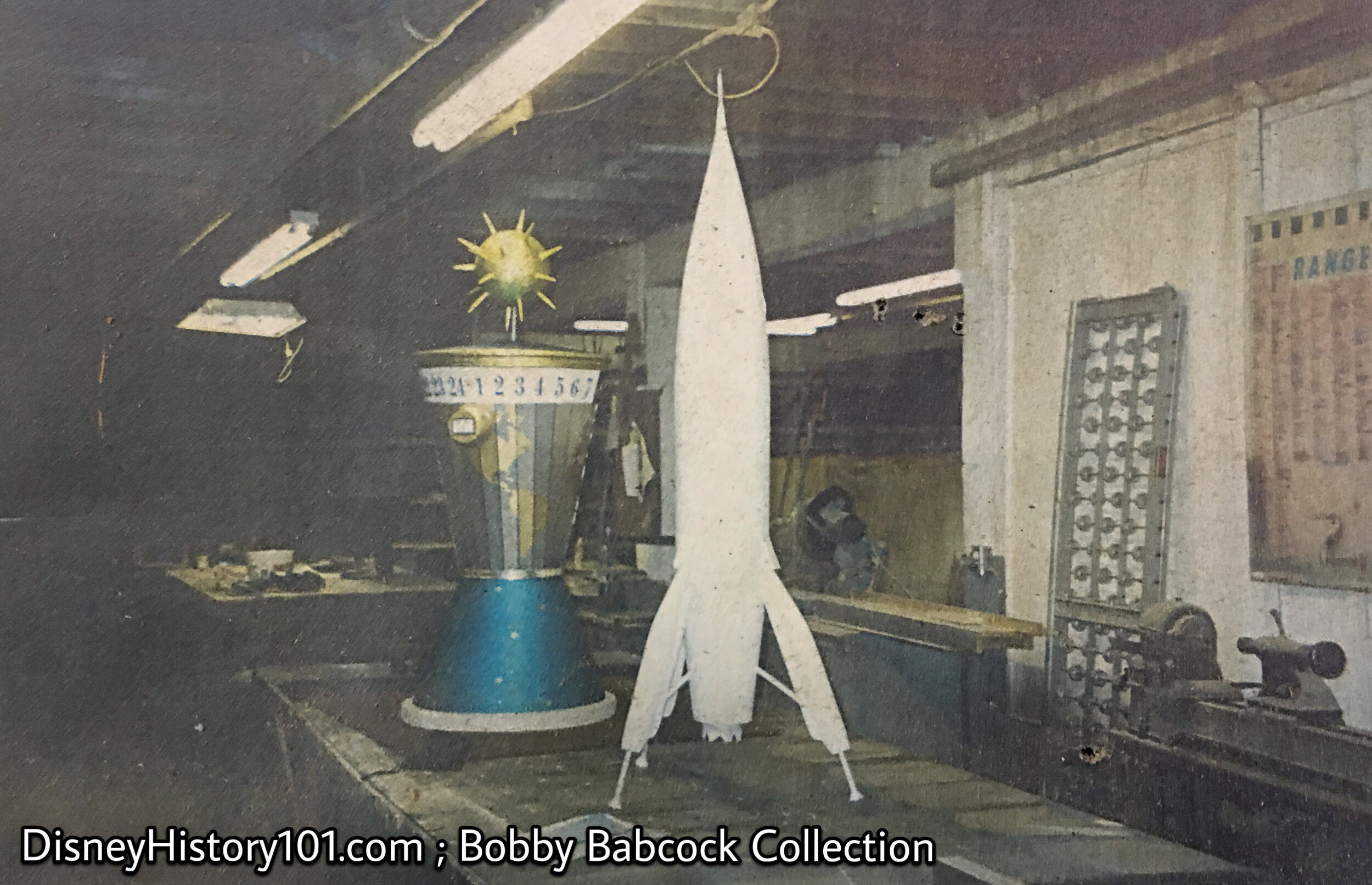
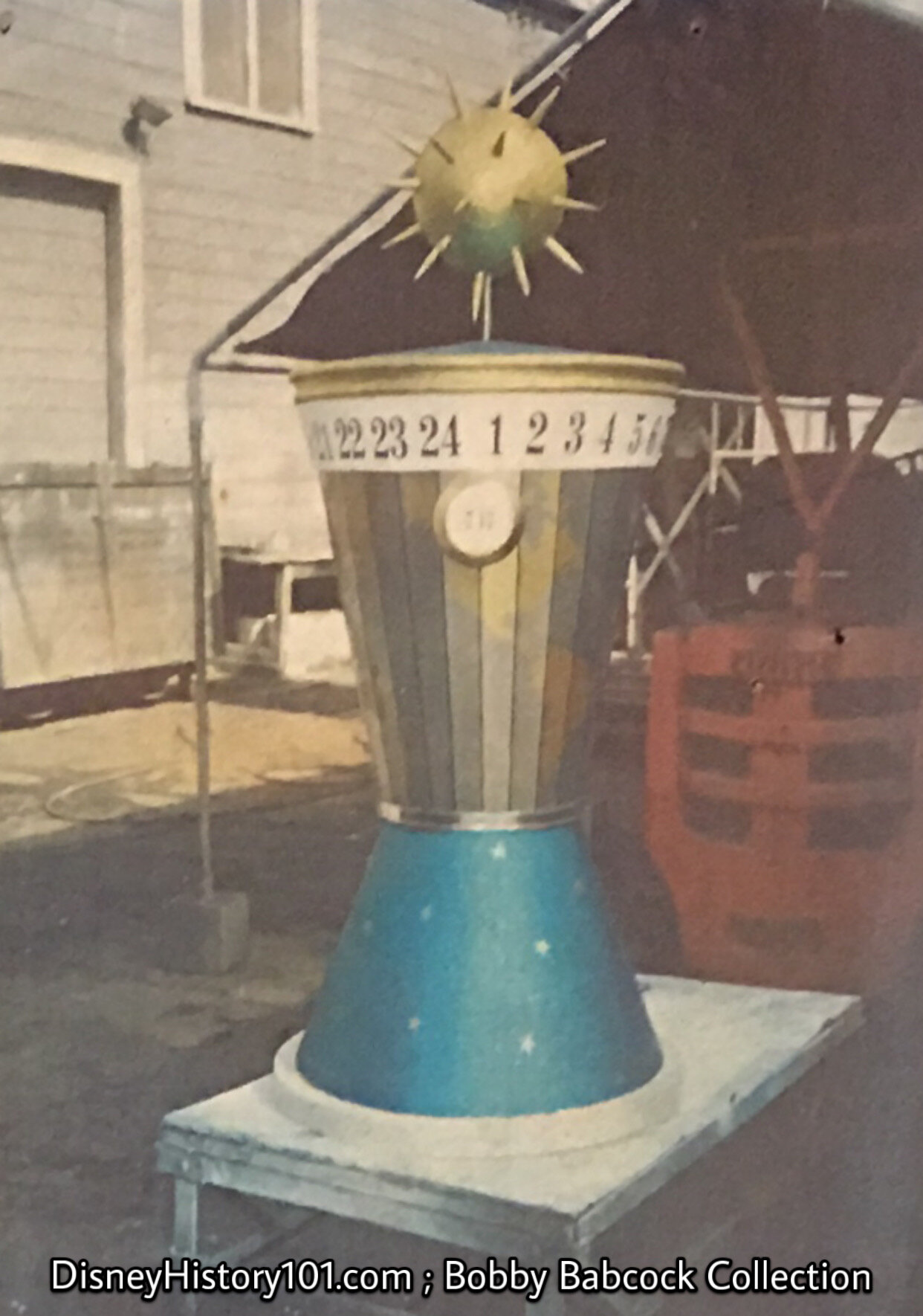
COCA-COLA REFRESHMENT CORNER
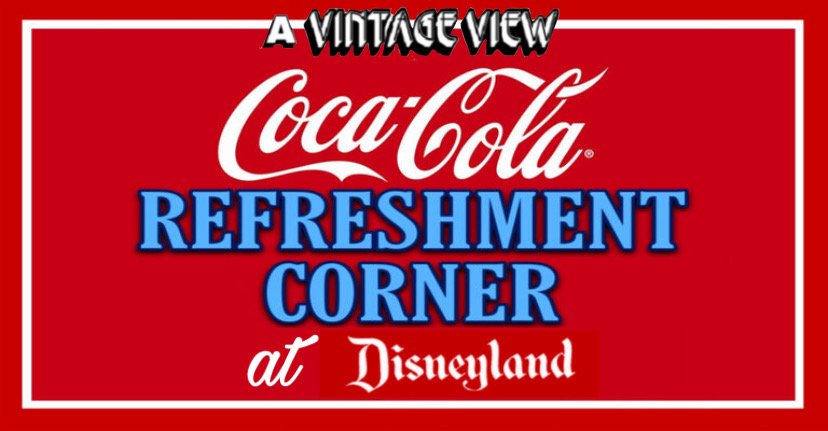
![Back in 1948, Walt was dreaming about a Park (to be located across the street from the Studio in Burbank). Some thoughts in the “Mickey Mouse Park” prospectus made mention of a “soda fountain.” [“The Spirit of Disneyland”] Fast forward to 1951,](https://images.squarespace-cdn.com/content/v1/5b3d7f804eddec6e826be0c9/1652735111840-4KSZW7W5Q5OPQCSTMKTC/3289F0DB-CFD2-4B59-B761-F8BC92836ACE.jpeg)
Back in 1948, Walt was dreaming about a Park (to be located across the street from the Studio in Burbank). Some thoughts in the “Mickey Mouse Park” prospectus made mention of a “soda fountain.” [“The Spirit of Disneyland”] Fast forward to 1951, when Walt Disney and Art Linkletter visited the famous entertainment complex Tivoli Gardens in Copenhagen. He was researching and talking notes to build a family entertainment center and Tivoli was much like what he envisioned. It was clean, directed to the entire family, fun, entertaining and educational. Walt noted how important it was to have a lot of places for guests to sit down and a wide variety of eating spots that served excellent meals.
Eventually, the idea grew into Disneyland and by 1954, Walt was searching for participants to lease shop and restaurant spaces at Disneyland, and help generate the necessary capital to fund construction of the Park. In a synergistic relationship, the companies (in turn) could sell their products and advertise their corporate names within Disneyland. Disneyland Participant Corporate Sponsors were carefully selected. High quality, long term corporate sponsors would provide incremental income that enabled Disneyland to enhance its show and attractions, offset some operating expenses, and capitalize on marketing opportunities.
Several of these “reliable old firms” sponsored the “abundance of restaurants devoted to pleasing all tastes and all budgets,” according to “The Story of Disneyland,” published 1955. Since 1955, the Coca-Cola Company had been an occasional sponsor of portions of Walt Disney’s Mickey Mouse Club television variety show, so this new relationship with Walt Disney Productions seemed like a natural progression.
“55er” Rima Bruce (who started with Jim D'Arcy in Food when all food was Lessee and typed memos and menus) recalled that “the phone never stopped ringing with everybody trying to get a food lease in the Park.“ By July of 1954, Raul Grizante of Disneyland, Inc. was overseeing food philosophy, area & location, food specialties, and beverages for Disneyland. Individuals like Nat Wyncoff provided the essential orientation for curious lessees, selling Coca-Cola on the idea of Disneyland.
Nat brought along various visual aids like sketches and one of Herb Ryman’s oil paintings of Disneyland. After negotiations, an agreement was reached, and the joint partnership (of the Coca-Cola Company and Coca-Coca Bottling Company of Los Angeles) became one of forty-seven lessees to sign a contact with Walt Disney Productions (in regard to Disneyland).
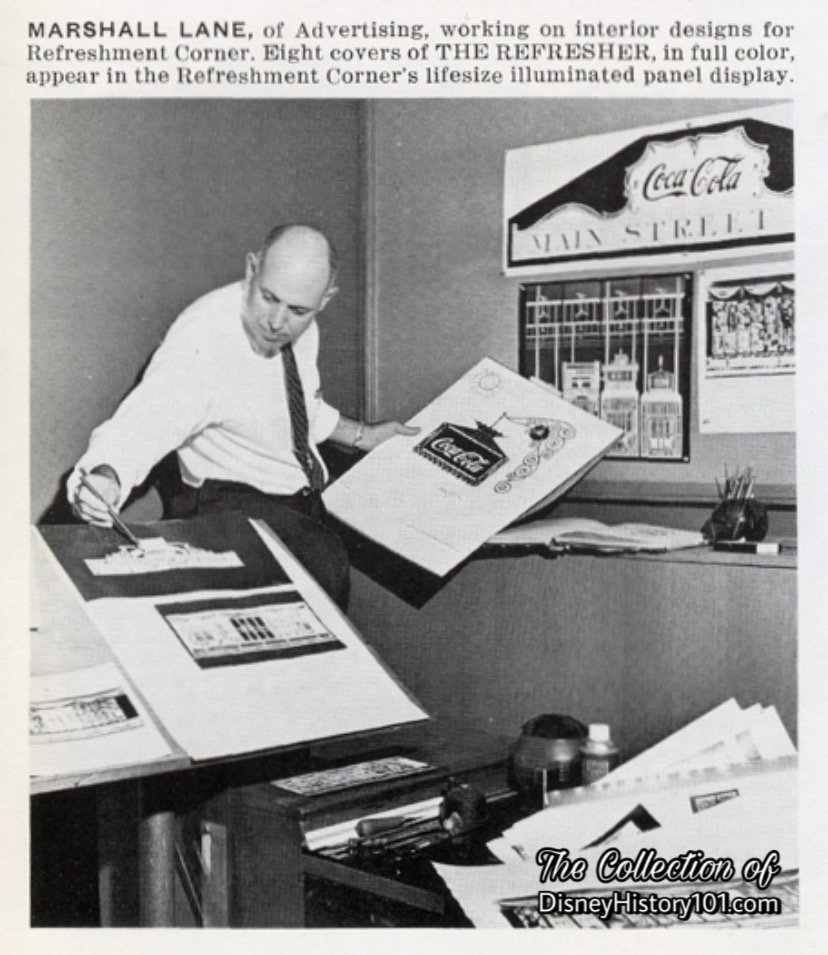
By July 1, 1954, George Whitney of Disneyland, Inc. directed Amusements, with Ron Miller overseeing analysis, philosophy, capacities, planning, operator training, and amusement procurement. Soon, the design and engineering was spearheaded by Marshall Lane and N.C. Harrison, Jr. of Coca-Cola Advertising. Like some advanced “High Concept,” final designs were quickly generated and approved. Some of these viable project Concepts (as seen above), were supported by a well-developed business case and built expectation.
“Architectural Designs by Lessees”
Disneyland, Inc. printed materials for Lessees detailing specifications for architectural designs of exhibit spaces. These were revised by March 16, 1955 and issued to Lessees.
All of the interior architectural drawings were done by competent registered architects or an approved display house of the lessee's choice. All of the designs submitted by the lessee's architect, whether for buildings or construction of interiors in DISNEYLAND, were approved as to the theme and general plan of DISNEYLAND as established by WED Enterprises, Inc.
Three sets of preliminary drawings were furnished DISNEYLAND, Inc. as soon as possible after signing of the lease. Two sets were retained by DISNEYLAND and one set was returned to the lessee’s architect with any revisions noted thereon and stamped “APPROVAL TO PROCEED TO FINAL DESIGN.” This stamp when properly signed and dated constituted the lessee’s authority to proceed with the final drawings.
The Lessees revised their final drawings to incorporate any revisions noted on the approved preliminary drawings, and submitted three sets of the revised drawings to DISNEYLAND. One set was returned to the lessee’s architect and any revisions noted thereon are to be incorporated on the original drawings. When the lessee had incorporated the final revisions on the drawings, two sets of transparent ozalids were forwarded to DISNEYLAND for approval. DISNEYLAND would stamp both sets “FINAL DESIGN APPROVED” and “LESSEE’S CONTRACT DRAWINGS”, and return one set to the lessee who could then release drawings for bid and/or construction.
While previews of the exhibits and shows of other Main Street U.S.A. Disneyland Participants (Carnation Company, Gibson Greeting Cards, Swift & Co., etc.) appeared throughout the “Disneyland” supplement (published July 15, 1955), the Coca-Cola Company was notably absent. However, a brief story of the exhibit’s progress was published in “The Refresher,” a Coca-Cola employee periodical. Before Disneyland opened, an article published in Pacific Coast Review (published July 15, 1955), briefly and ambiguously mentioned that “Coca-Cola's bar features a mage disappearing act for empty bottles.”
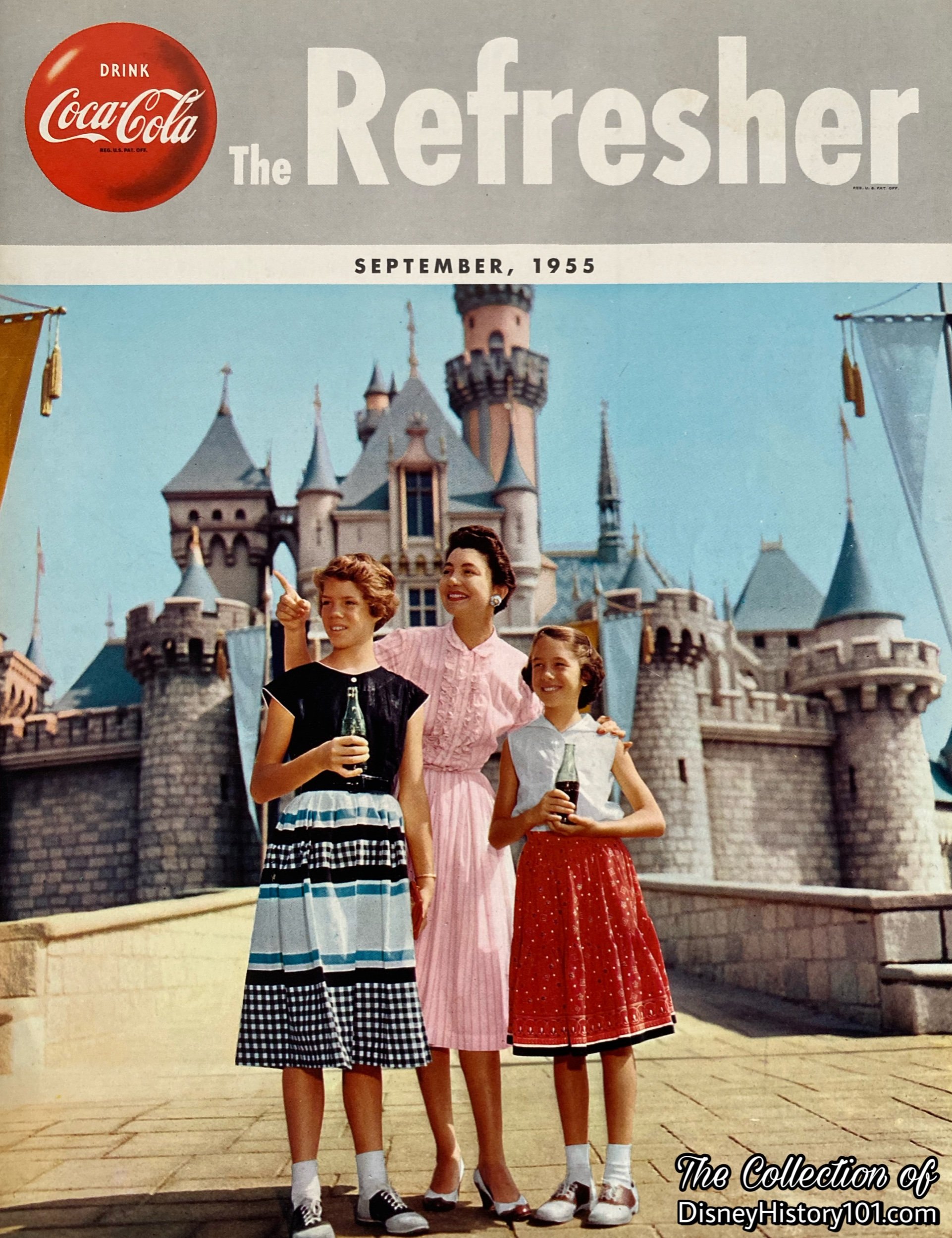
It’s interesting how much Disneyland’s corporate sponsors interacted with each other even during this formative era before the Park opened. Among The Refresher’s articles were items about Richfield Oil Corporation’s various telecast shows (which included a televised tour of the the Coca-Cola Bottling Company of California at Oakland). Of course, the highlight and cover story focused on the Coca-Cola Refreshment Corner on Main Street U.S.A. at Disneyland.
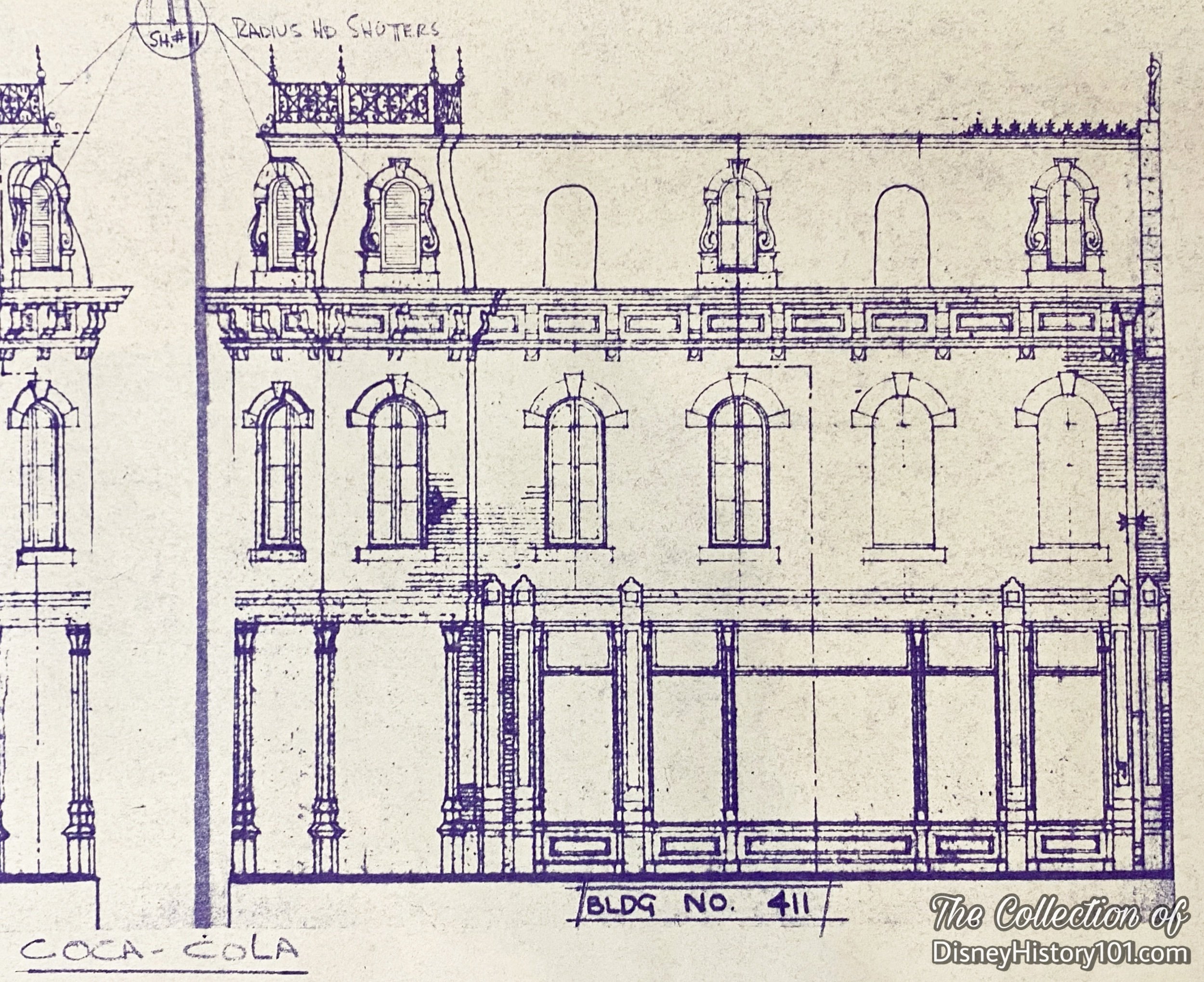
Next, architectural drawings of the three-story building helped define all designs, production and construction strategies, costs, schedule, and resource requirements. “Disneyland is unique in that some of the world's foremost creative artists and architects control all design at Disneyland.“ Models explored the various dimensional relationships, site-lines, flow patterns, ergonomics, and visual appeal to convey the desired creative intent.
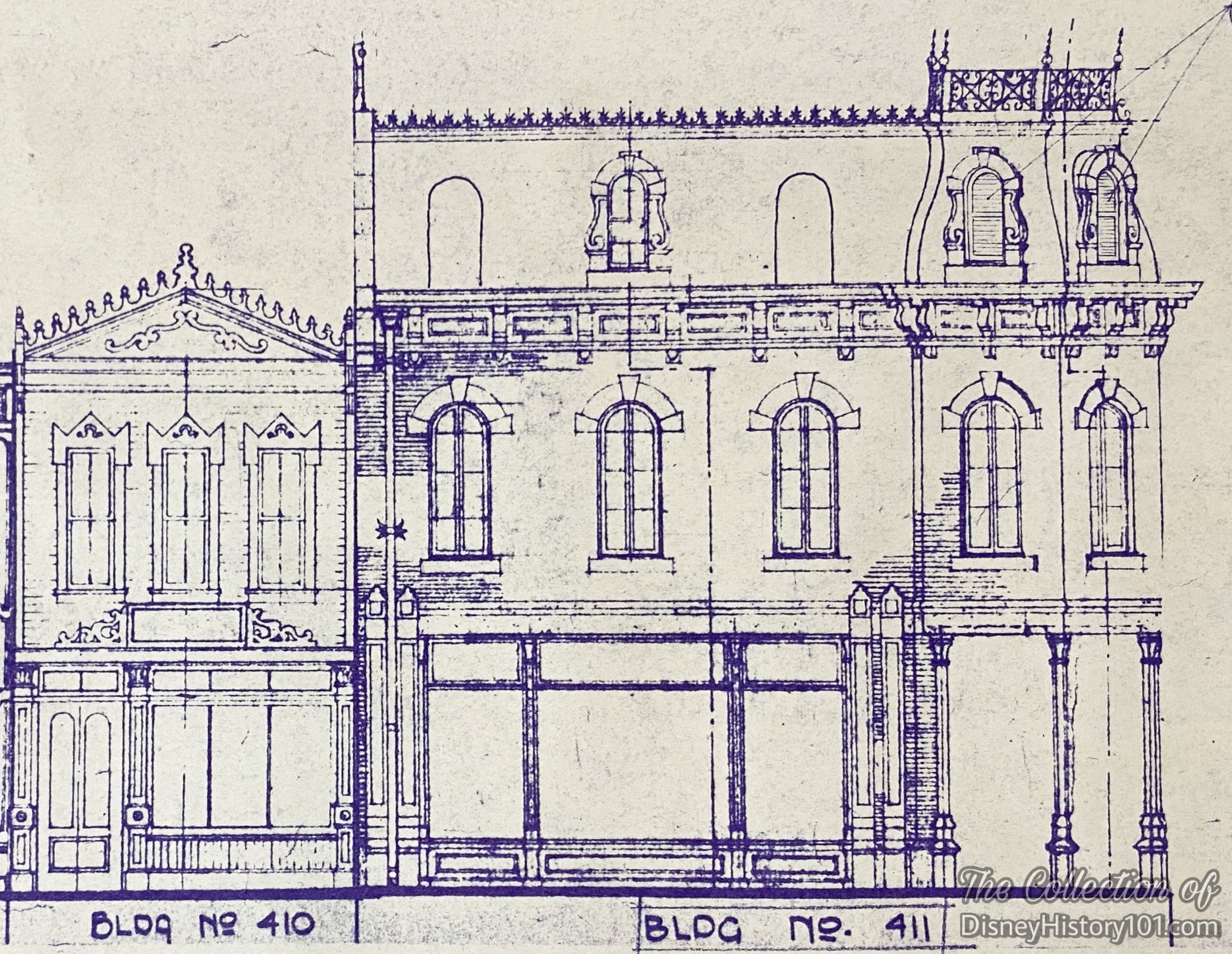
Then construction of Main Street Building #400 began. F. M. Franz, manager of operations for MeNeil Construction expressed: "We feel sure there has never been anything built like this in Southern California, or elsewhere in the United States. Many of the items were constructed from artist’s sketches.”
Forced perspective would make the buildings on Main Street appear taller than actually are. On Main Street the buildings would not be full scale. Ground floors were built about 9/10ths scale. Second floors measured up to 7/10ths scale. The scale on the uppermost floors would be smaller still.
First, a concrete foundation and slab floors were prepared, followed by wood frame construction (while store units would have a combination wood and rigid steel frame).
According to inserts published in area newspapers during July of 1955, Disney buildings were roofed by Pioneer Roof & Shingle Company (then located at 608 Mateo Street, Los Angeles, California; 7522 Westminster Avenue, Westminster, California). The roof covering was a variable, dependent on the architectural design.
“Newbery Electric Corp. took the rapid electrical con-structión of Disneyland in stride. The electrical installations were supervised by Roy J. Gruendler, manager of Newbery's Orange County district office located at 1335 Santiago Ave, Santa Ana.” By June 30, 1955, related Disneyland Site Work Fire Protection Utilities Plot Plans were prepared for Disneyland Inc., by J.E. Thomasson of WED Enterprises Inc.

Larson Brothers Plastering Company of San Diego was a proud part of Disneyland. The company crafted the ornamental plastering and all brick used at Disneyland (including their amazing new plastered brick veneer).
The versatile Quikbrick (real colorful and textural brick applied like plaster) was about half the price of ordinary brick. It insulated, beautified, and was meant to “last a lifetime.” It was used on the facade.
The shop (as each on Main Street U.S.A.) possessed complete fire sprinkling systems. Ultimately, construction was wrapping up on the 1,283 square foot shop with an additional 1,775 square-foot basement under Disneyland.
By July 2, 1955, shadow gags were ordered. Painted signs, window, curtains, and shades were projected to be completed on time. The sound equipment was be installed, with completion of the tape recordings appearing to be fairly tight. As of June 2, 1955, C.V. Wood Jr. sent an Inter-Office Memorandum to Walt Disney regarding the best estimates that could be obtained at the time regarding the status of individual sections of the Park and Opening Day. C.V. wrote: “Building #410 - Coca-Cola: It is now estimated that this will be complete by the first of July.” As for the electric signs, a they were “in work,” and with the exception of the shoe store and the Bank of America, were to be completed.
As a sidelight, this was the only building in Disneyland with a basement. Soon, “the sign of good taste” was hung over the Architectural Facade at the corner of West Plaza and the 400 block of Main Street U.S.A.

“Stop at the Corner for a Coke…and a smile!”
UPT Concessions and Coca-Cola presented the Refreshment Corner. It was estimated that the Coca-Cola Refreshment Corner had the capacity to serve 600 guests per hour. With that forecast, the Coca-Cola Refreshment Corner was destined to become one of Disneyland’s eating facilities which was predicted to contribute to accommodating “15,000 persons daily, hitting a peak of 60,000 on holidays and week-ends…” and one of “twenty restaurants and snack bars, capable of saving 8,000 hourly,” at least according to “Building A Dream” (prepared by the Disneyland, Inc. Public Relations Department).
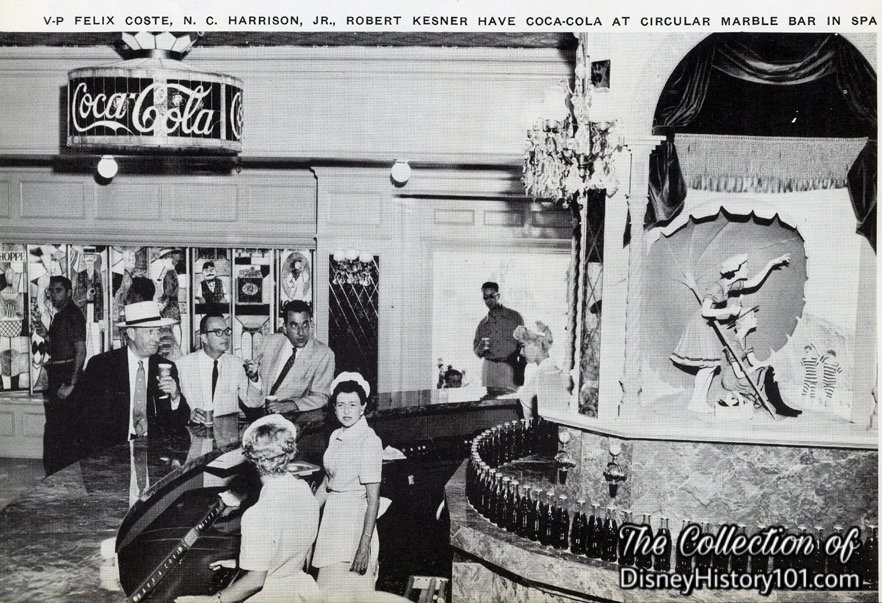
When the doors of this quick service restaurant opened for the first time, the menu initially only included Coca-Cola (originally served only in bottles). Here (overseen by Jim Baker of Disneyland, Inc.; under the management of Helen Case), guests could enjoy the “pause that refreshes,” at the Coca Cola Soft Drinks Parlor (as it was called in the c. 1955 “Your Guide to Disneyland”). Incidentally, cola sales at the Park were “astronomical” due to a recent plumbers strike and resultant non-operational drinking fountains. Helen’s daughter recollected : “I was only four years old. I remember hearing her talk about how busy they were, and they were serving right out of coke bottles. They would open two at a time to service customers. She really enjoyed it.”
Pre-mixed tanks were added to Coca-Corner during the next year (ending the situation where Guests would walk around with glass bottles). At that time, Coke was served without ice, as “the Coca-Cola Company wanted Guests top taste Coke at its full flavor, undiluted by ice.”
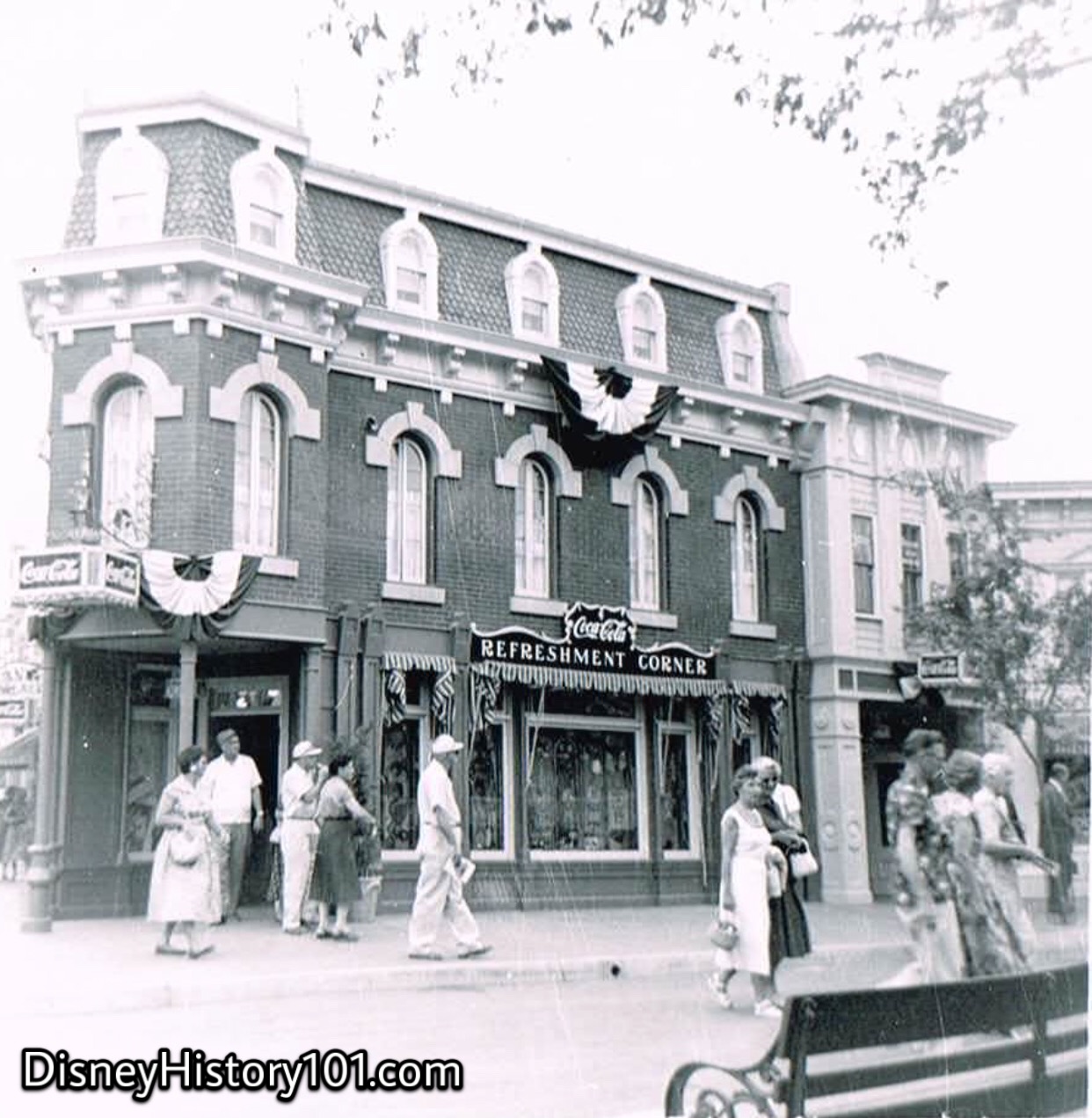
As Walt described to Bob Thomas (of Associated Press), “some industries will have exhibits, but all of them must be in keeping with the era.” Inside the dining room, was an exhibit (similar the Upjohn Pharmacy or the Wurlitzer Music Hall exhibits). According to Disneyland LINE (published for April 12, 1991), “Near two of the doors are replicas of antique thermometers, which were popular at the turn of the century. Commissioned by Coca-Cola especially for Disneyland, these thermometers were constructed by the Ohio Thermometer Company introduced to the Park in 1957.” Old-fashioned pictures and wire chairs added to the feeling of sitting in another era, while “dining in Disneyland.” Eight covers of THE REFRESHER, in full color, appeared in the Refreshment Corner's lifesize illuminated panel display. All of the entertainment occurred in the vicinity of three antique stained glass fixtures (valued at more than $5,000 each)!
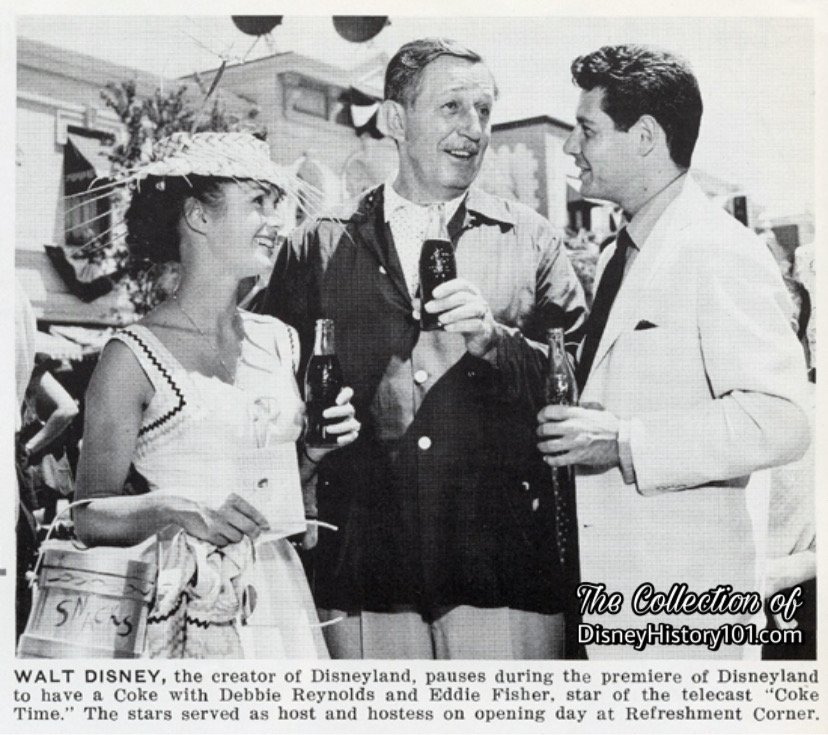
The Coca-Cola Refreshment Corner was also the only part of the Main Street Food Complex that offered guests continuous live entertainment while they enjoy their refreshments, either in the dining room or on the patio. According to Dave Smith (previous Chief Archivist Emeritus of the Walt Disney Archives), “In its early years, Disneyland did not have the atmosphere bands that are used today. In fact, in 1955 there was only the Disneyland Band and the small band in the Golden Horseshoe. The Firehouse Five Plus Two occasionally played, and there was a barbershop quartet and the Coke Corner pianist on Main Street, U.S.A.” [Disney Facts Revealed by Dave Smith, 2016] “When the Refreshment Corner opened with the Park in 1955…Eddie Fisher was the star of ‘The Coca-Cola Hour’, a musical variety show, and was on hand opening day with his fiancé, Debbie Reynolds.” That day, the duo was photographed pausing for a Coke with both Walt Disney and the Tomorrowland Spaceman. Both Eddie Fisher and Debbie Reynolds returned to Disneyland and signed autographs for fans, the very next day.
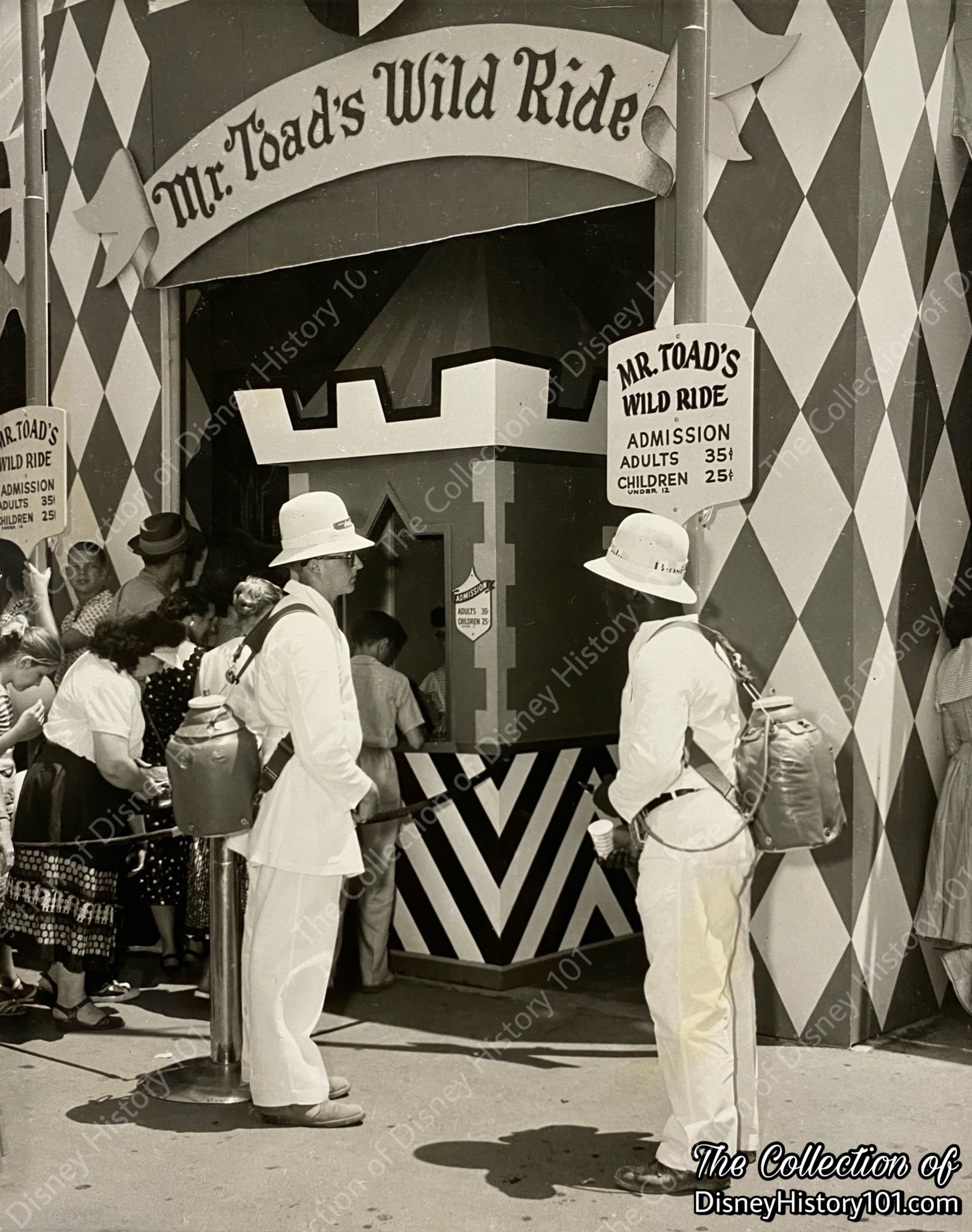
On December 10, 1955 Coca Cola bottling Co. of Santa Ana provided beverages for the First Annual Christmas Party.
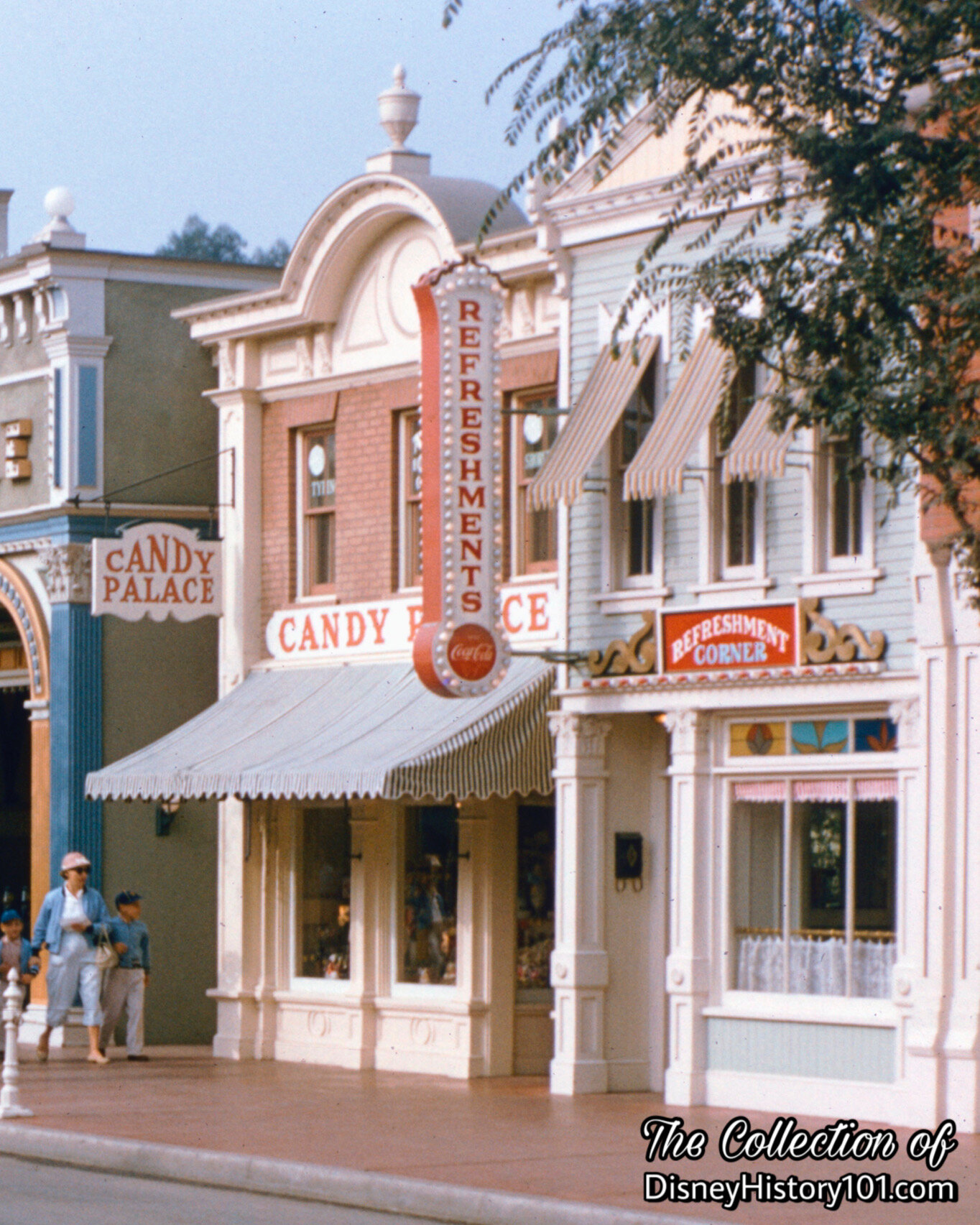
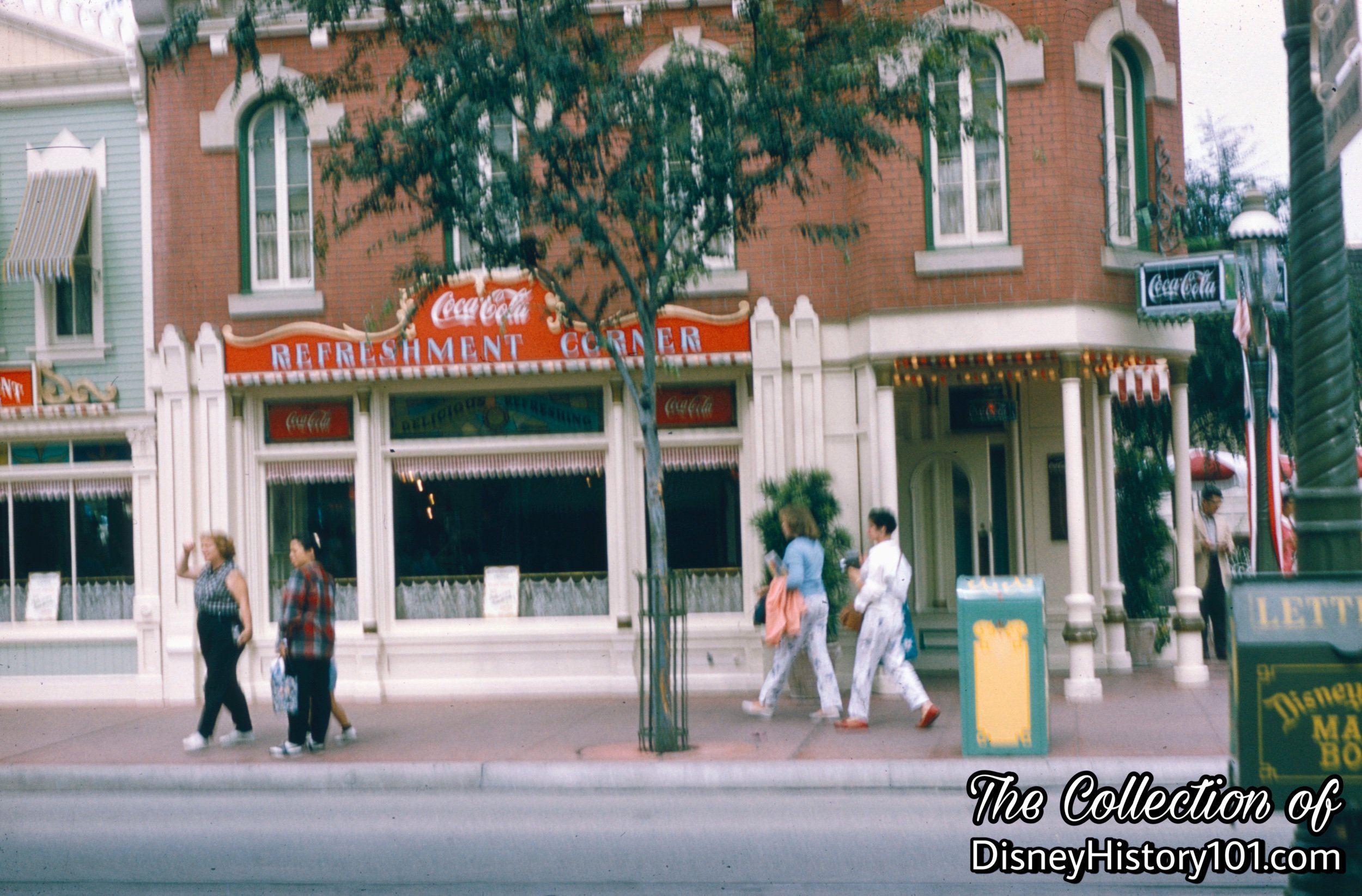
Beyond creating happiness, the Participant sponsored exhibit and leased space would provide a certain amount of income to Disneyland Inc., contributing toward the construction and growth of Disneyland. Why in 1958, Bank of America appraisers figured of the total income received from leases, 16.02% was derived from the selling of advertising rights and 40.12% from the leasing of space to concerns whose main reason for occupancy is for advertising purposes. The remaining 43.86% of the lease income was derived from stores that sell various products and food (like Coca-Cola Refreshment Corner).
By September of 1958, spaces occupied by the lessee included the exterior 312 square-foot Coca-Cola Side Walk Cafe (similar to the contemporaneous 216 square-foot Carnation Side Walk Cafe). Institutional lessee The Coca-Cola Company yielded some revenue for Disneyland Inc. - $22,825 for the fiscal year ending September 29, 1957 and $25,660 for the fiscal year ending September 28, 1958. By September of 1958, the Coca-Cola Company was still contributing a routine portion of accounts receivable to Disneyland, Inc. By 1959, the company was one of about 65 companies who used the park to publicize their wares, leased space in the Park to sell their wares, and from whom Disneyland collected advertising fees.
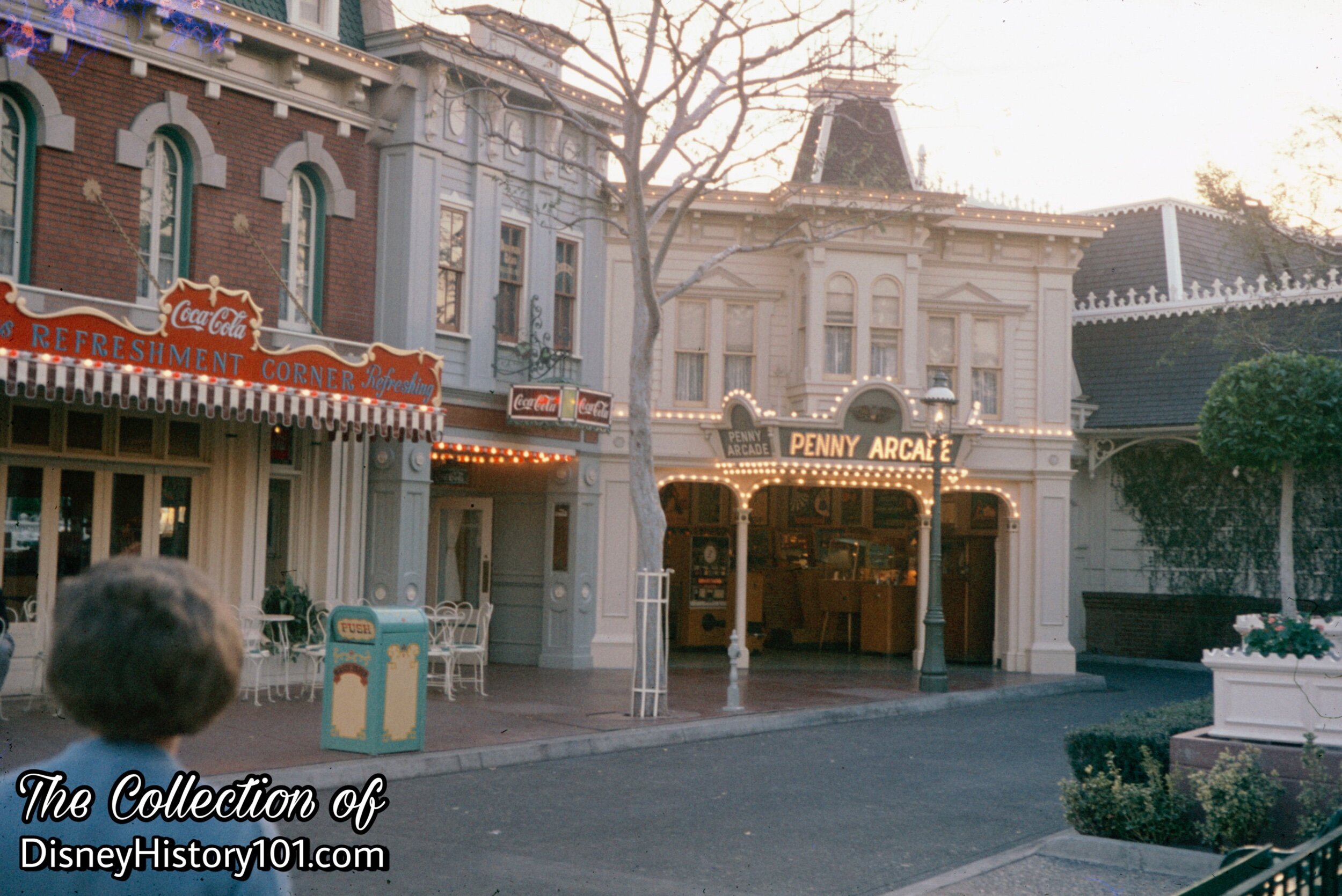
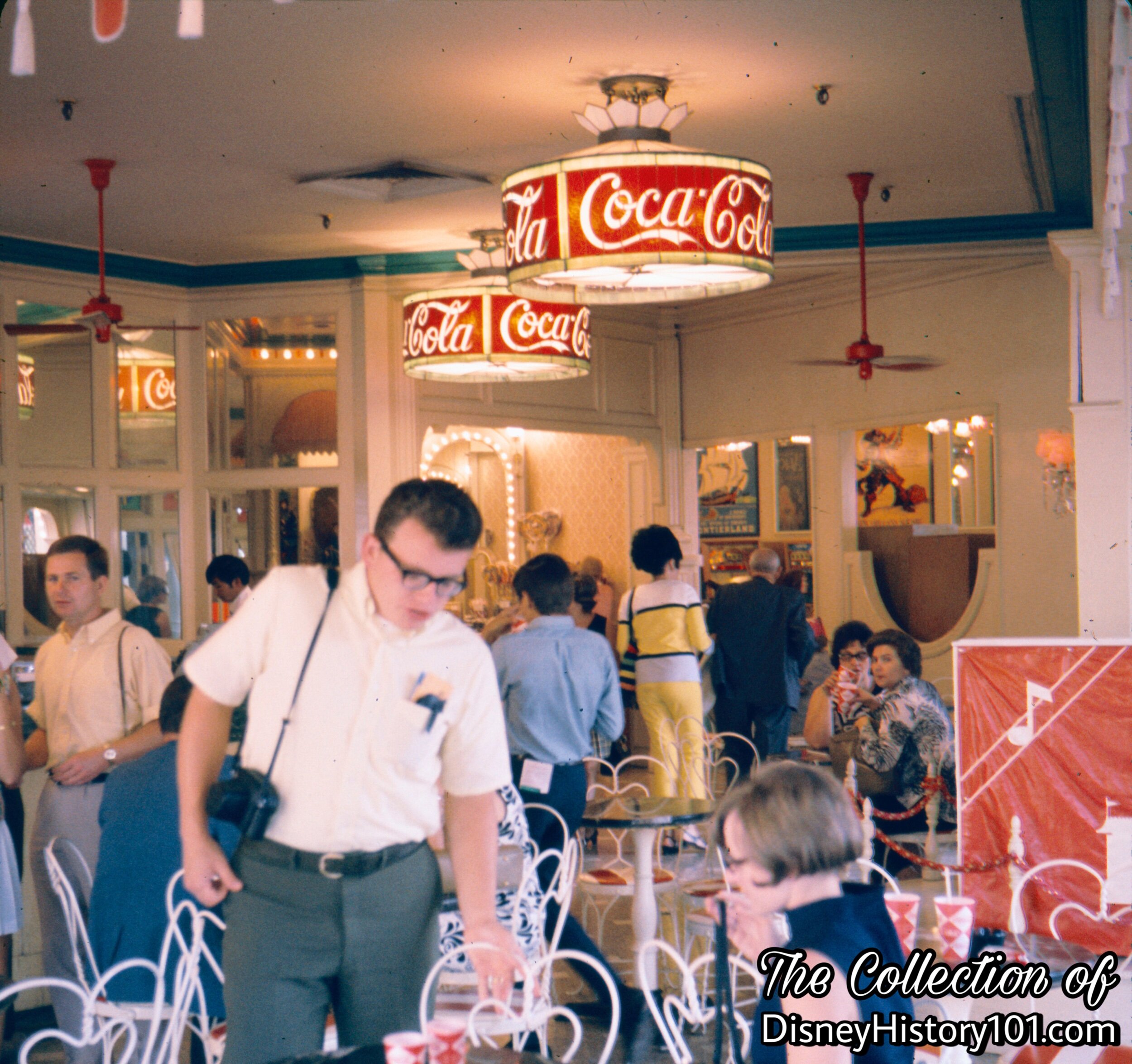
“Things Go Better With A Coke”
Now, its been said that “Coca-Cola makes good things taste better.” So eventually, (by 1958), the restaurant served pre-mixed Coca Cola and king-sized bottled Coke, and sandwiches. Soon, the Coca-Cola Refreshment Corner menu included hot dogs, cold sandwiches (as tuna, and ham & cheese), peanut butter and jelly sandwiches, chips, and even dessert options (as apple turnovers and brownies).
As a sidelight, by October 1959, Jim Baker (of Merchandising) was overseeing the Disneyland Food Administration and Souvenir Sales. By October of 1959, the company was (1) of over sixty-eight other firms playing a vital part in the team effort to bring happiness to Disneyland’s Guests. Some were small, specialized individual operators; some were huge companies such as Swift & Co. - the Bank of America - United Paramount Theaters (which you hear as UPT) - Carnation - Richfield - General Dynamics - Crane - and many others. These companies used the park to publicize their wares, leased space in the Park to sell their wares, and Disneyland collected advertising fees from them.
During the late 1960s, the “walk-away” restaurant (under the management of Max Sloan) still offered an assortment of beverages and light snacks for “people on the go.” Still, their most popular item was Coca-Cola. In fact, the crew once served “more than 350 gallons of Coke on a busy day,” according to Disneyland Line, September 27, 1979.
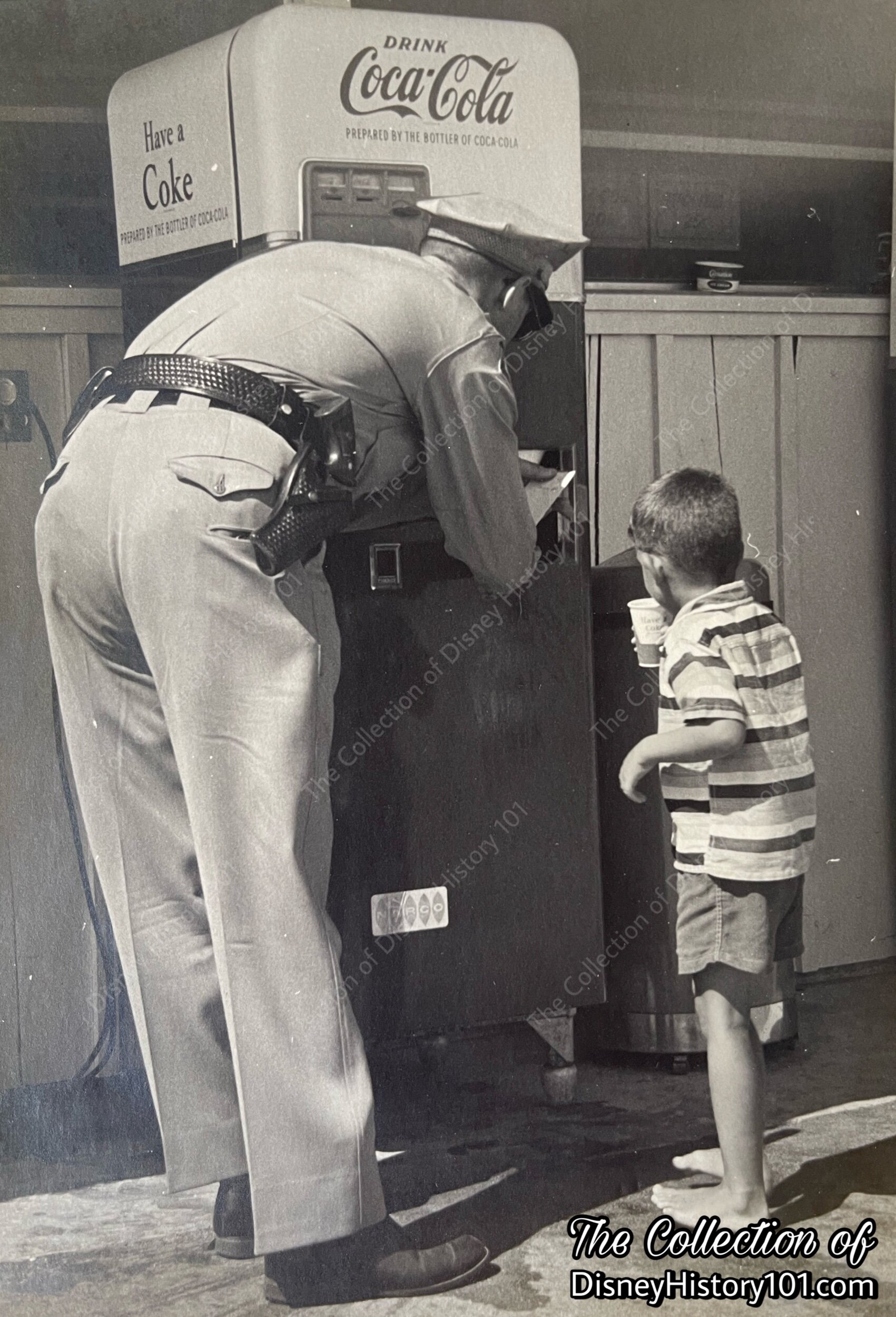
The Holidayland Picnic Area at Disneyland featured several kiosks and the Holidayland Snack Bar (managed by Myrt Westering of the Red Wagon Company). Myrt Westering, promised that “the facilities will be as modern and as up to date as modern food science can make them…… it is so arranged that the hot dogs will be HOT and the cold drinks will be COLD.” [“Disneylander,” May, 1957]. As aforementioned, bottles of Ice Cold Coca-Cola were available to Disneyland (and Holidayland) audiences. But after about a year, the Disneyland Operations team decided to do away with Disneyland carrying bottles. Pre-mixed tanks were added to Coca-Corner and Coke was served without ice, as “the Coca-Cola Company wanted Guests top taste Coke at its full flavor, undiluted by ice.” Once Holidayland opened, Guests enjoying a picnic could enjoy cups of ice-cold Coca-Cola through an arrangement with Dixie-Narco (manufacturer of contemporaneous Disneyland Dixie paper cups).
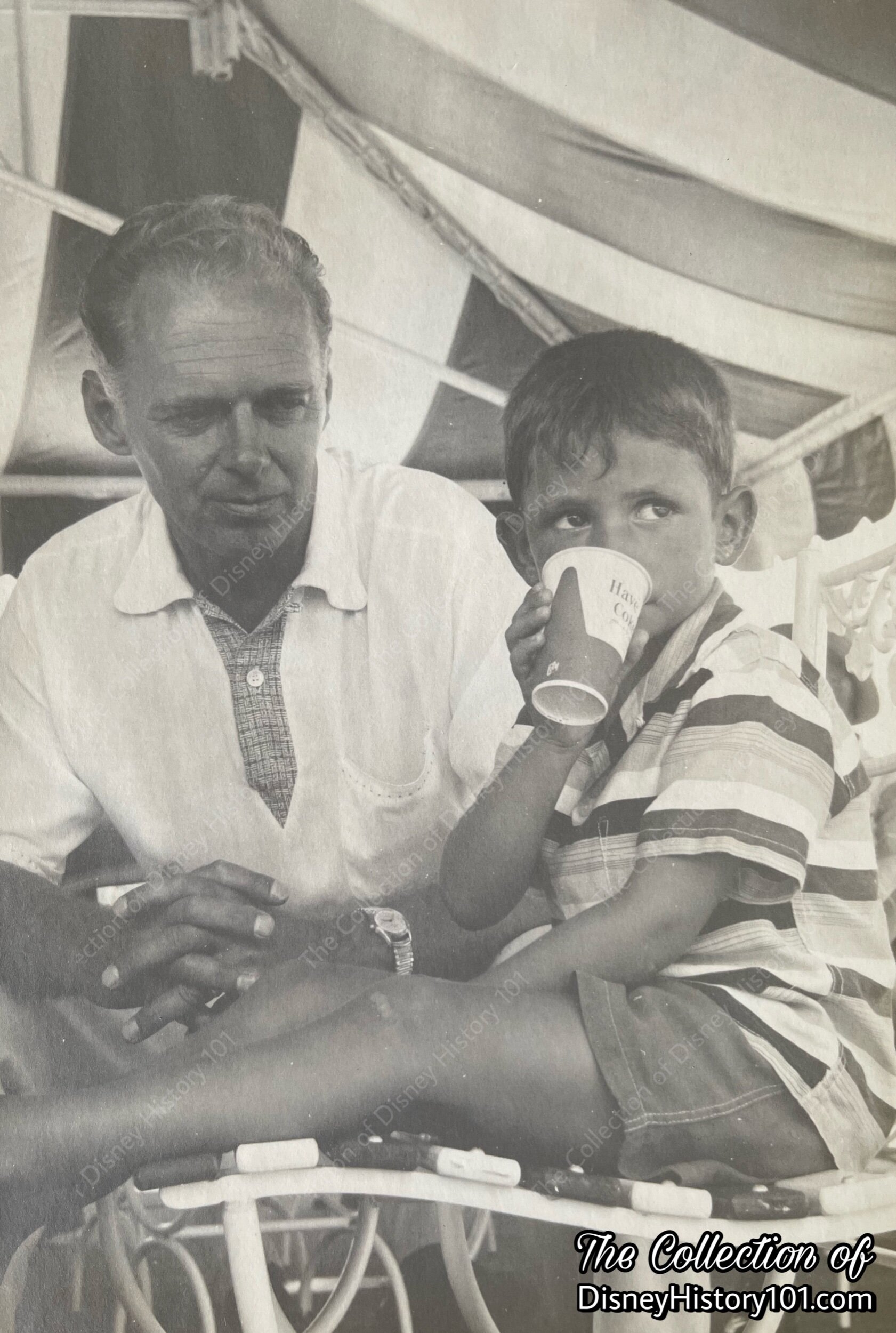
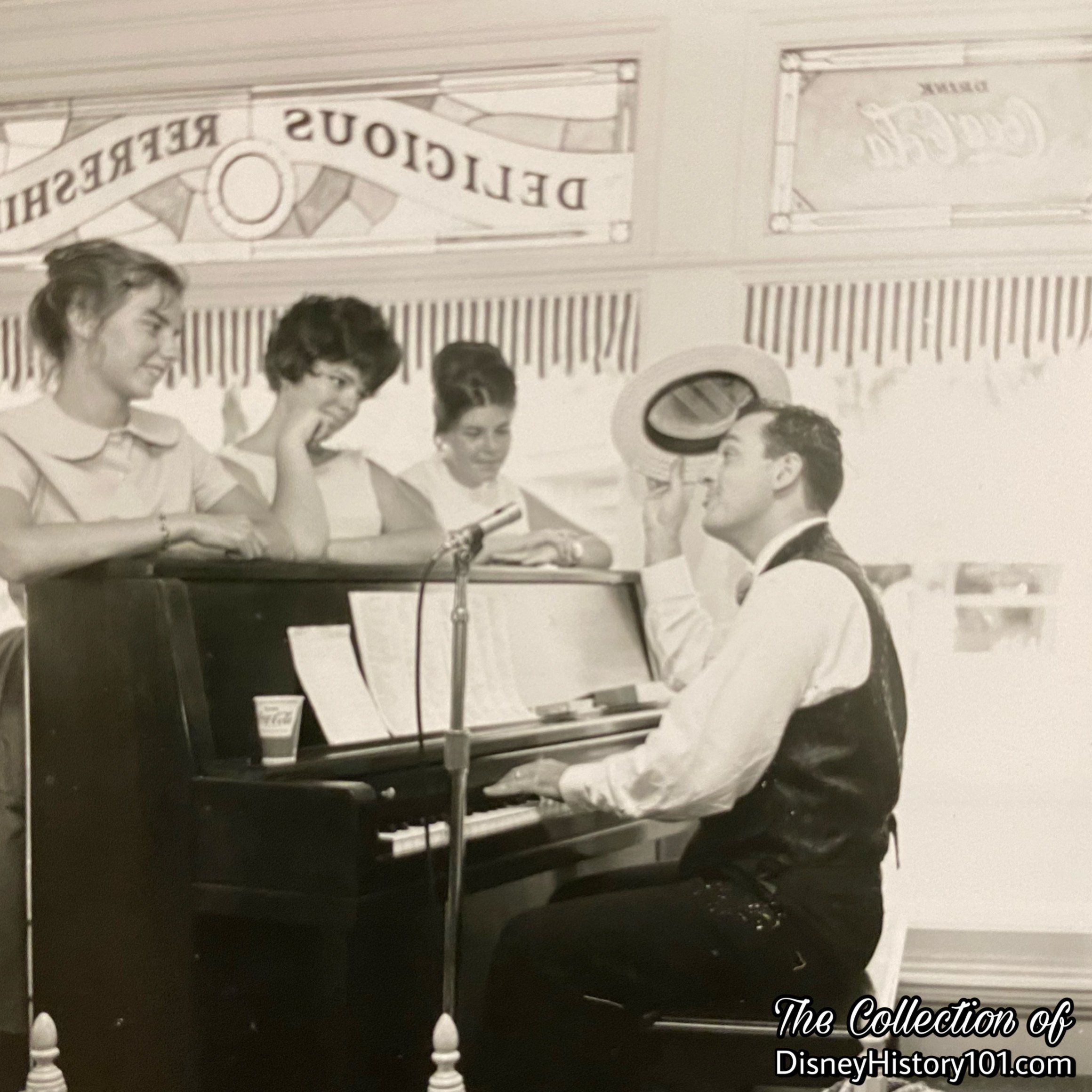
Coke Corner provided the setting for all sorts of entertainment, events, and promotions. The restaurant was temporarily utilized for Grad Nite Photo Locations and Grad Nite musicians who provided entertainment pleasure for guests. For example, David Rakes performed here during Grad Nite of 1962, bills advertise some unnamed “Folk Singer” for Grad Nite of 1963, and Denny Brooks played here during Grad Nite of 1964. The Varsity Duo was a regular act during the summer of 1968. A promotion during 1963, offered Coca-Cola customers the opportunity to open a bottle and “take Disneyland home with them” in the form of 18 miniature licensed character figures.
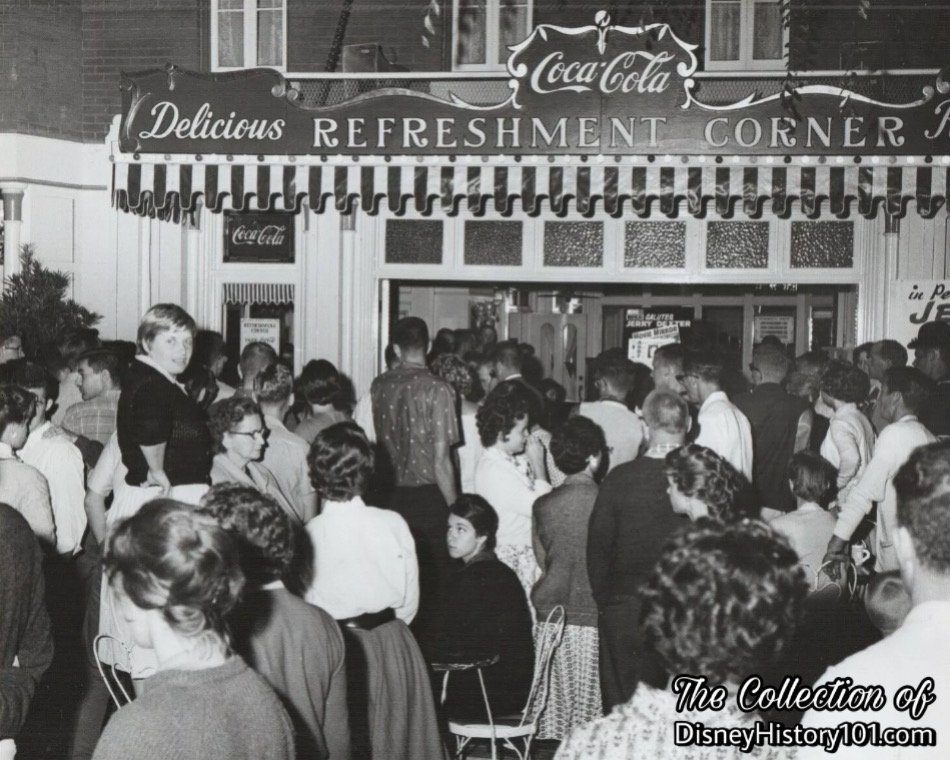
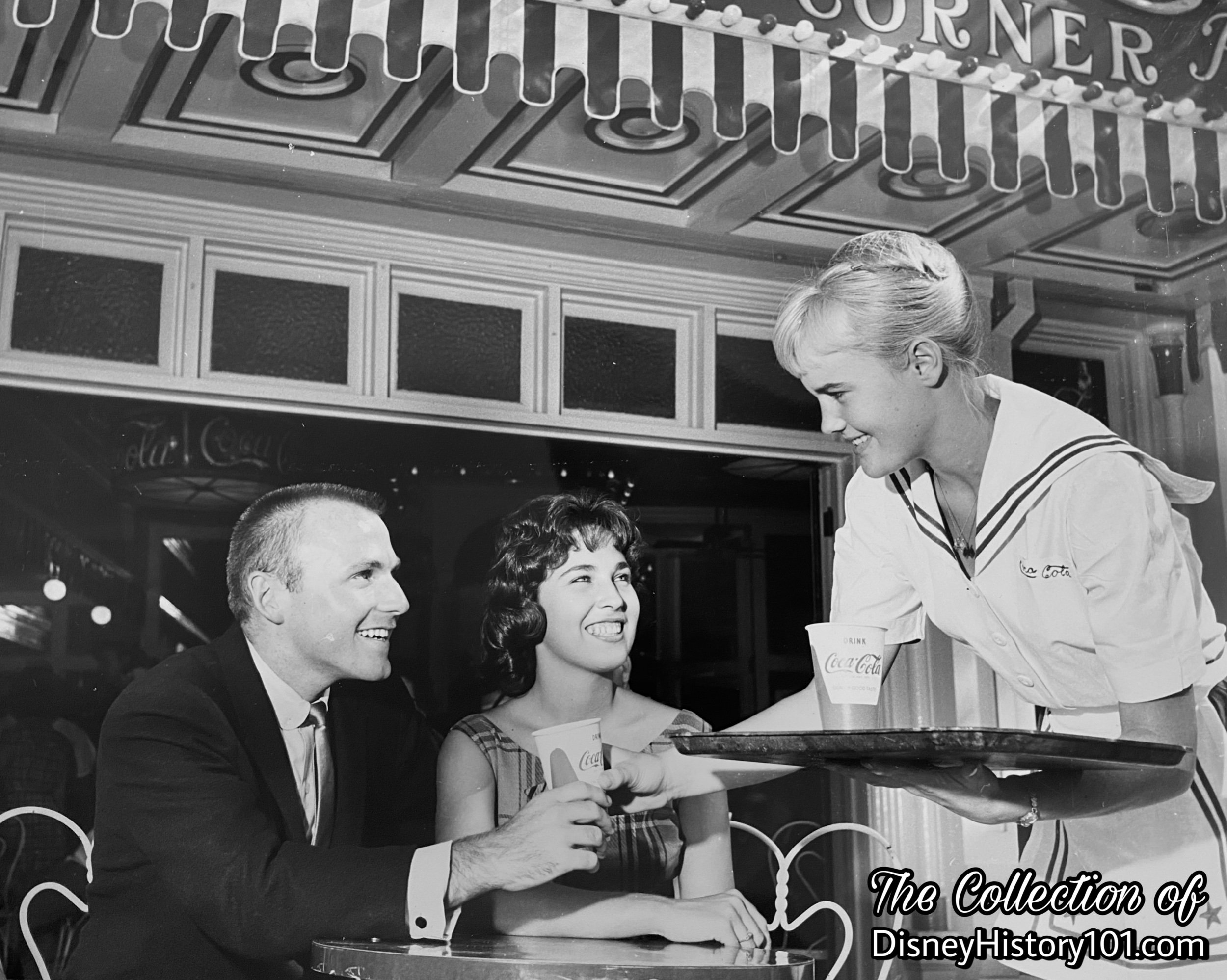
By January of 1958, the lessee also occupied the 312 square-foot exterior area known as Coca Cola Side Walk Cafe. During 1960, KMPC DJ Jerry Dexter hosted the program nightly on radio station KMPC - 710 on everybody’s dial, from 10 until midnight. Jerry also hosted the program live from Disneyland every Friday and Saturday night. In promotion, a Coca-Cola Refreshment Corner lessee Hostess Disneylander displays Disney Courtesy with a smile while serving Coca-Cola to KMPC DJ Jerry Dexter and another guest.
By 1960, Disneyland wasn’t the only theme park with a Coca-Cola Company sponsored exhibit. Freedomland had a Coca-Cola Company sponsored by Hospitality Area.
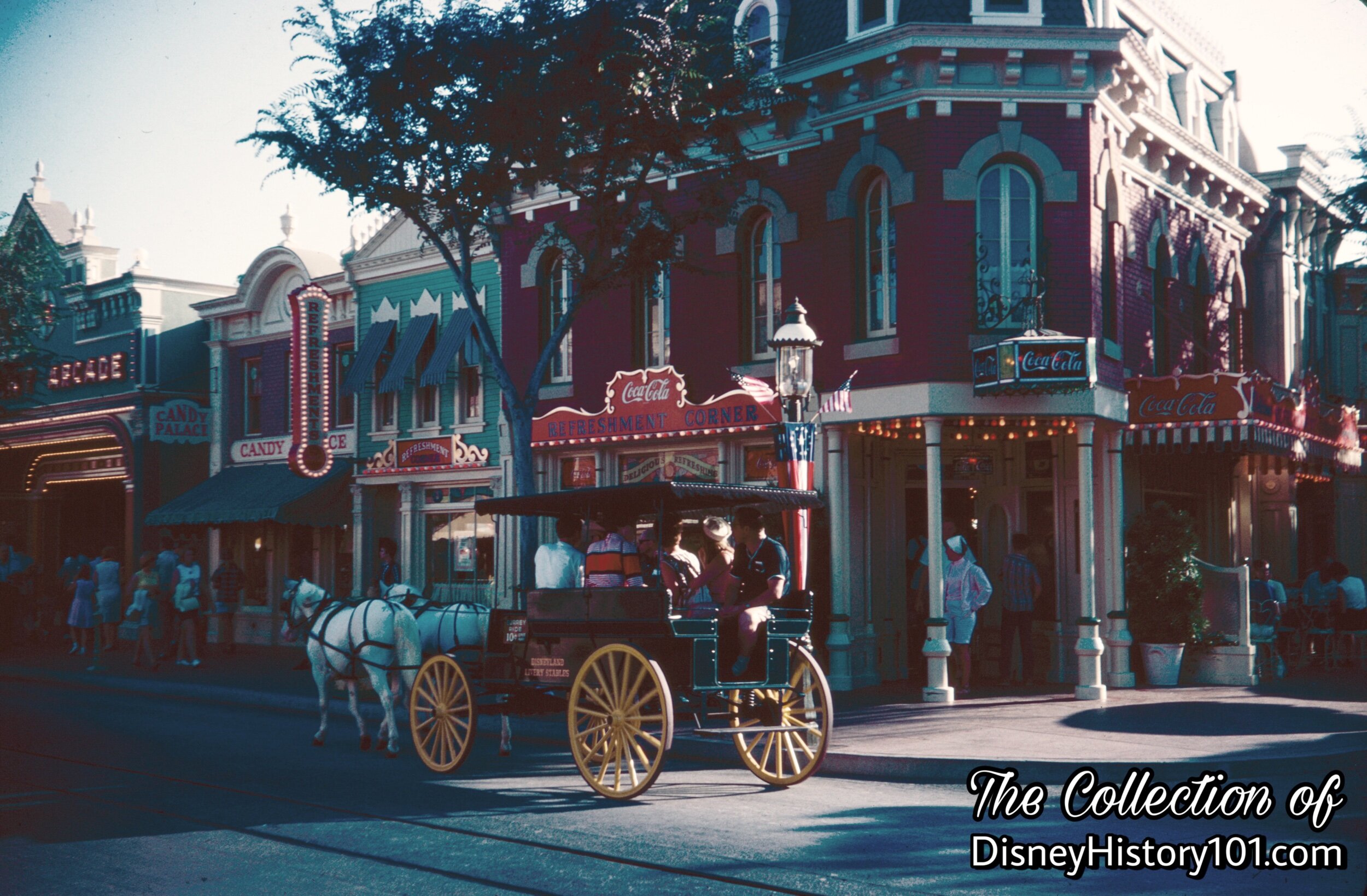


Music, as a basic ingredient of showman-ship, covers the Park. According to “THE DISNEY THEME SHOW - an introduction to the art of Disney outdoor entertainment”: “Important are the sounds which permeate the scene, for without them, the theme show is a silent movie . . . but with them it is a symphony of music, effects, and natural sounds that the finest stereo system in the world can't duplicate. These sights and sounds are provided not only by imagineered attractions and shows, but also through the multi-talented efforts of live entertainers . . . in special musical groups . . . in parades and pageants . . . providing an everchanging backdrop to virtually every area in the theme show.”
A variety of live shows entertained Guests throughout the day. Guests were encouraged to “gather ‘round the upright piano” for their favorite syncopated ragtime melodies, while honky Tonk daytime pianists exemplified the spirit of Disneyland, entertaining guests. For instance, during the winter season of 1967 (December 16th, 1967 thru January 1st, 1968), Rudy Pena played piano and sang melodies from “‘the good ol’ days’ in a fresh new spirit.” This Atmosphere Entertainment occurred “throughout the Christmas Holidays” (seven shows daily, between parades, from 10:00am to 5:00pm, except Mondays). [“Disneyland Holiday Talent Master Schedule,” prepared for the period of December 16, 1967 through January 1, 1968]
By November 26, 1972 through May 26, 1973, the Coke Corner pianist performed daily from 10:00 AM - 5:00 PM (Off Mon. & Tues.); 12:00 Noon to 7:00 PM on Sunday, and at Mix-in Parties. The Coke Corner Piano Player Sub performed 2 days a week.
“Honky-Tonkin’”
Perhaps one of the most famous of these talented pianist-singer extraordinaires is Rod Miller (who had a 36-year career, from 1969 to 2005). You may also remember nighttime pianist Judy Carmichael, or Ray Templan (who filled in during days off and vacations) would “tickle the ivories” and delight the audience with the sound of Ragtime! During the following decades, Johnny Hodges helped carry on the “four-handed” (and “five-handed”) piano legacy, from 1981 to 2006. “Ragtime” Robert was one notable pianist trained by the hands of the legendary Disneyland pianist Rod Miller! Robert would continue to carry the rhythm at Coca-Cola Refreshment Corner for a decade! You may listen to his story “From Solo Symphonies to Fourhanded Fantasia,” a Disney History 101 People Featurette, through the link above.
By 1969, the piano was 1 of 15 old-time band organs and pianos at Disneyland, some of which dated back to 1890. There just weren’t any replacement parts for these rare antiques. So, ARCADE MAINTENANCE performed the necessary versatile, creative, and inventive mechanical repairs. The Coca-Cola Refreshment Corner Piano was auctioned through “Celebrating 50 Years of Magical Memories” of Disneyland.
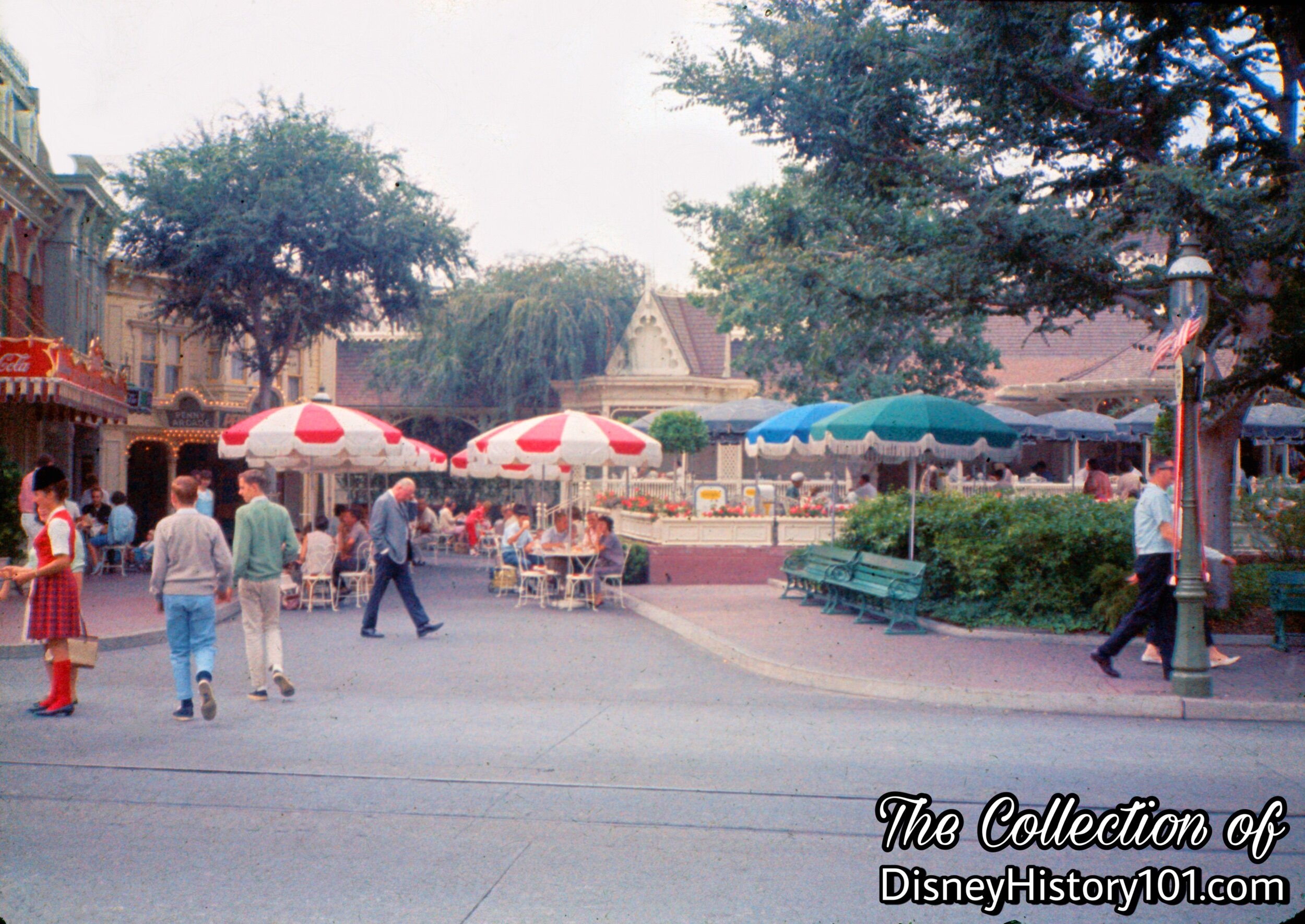
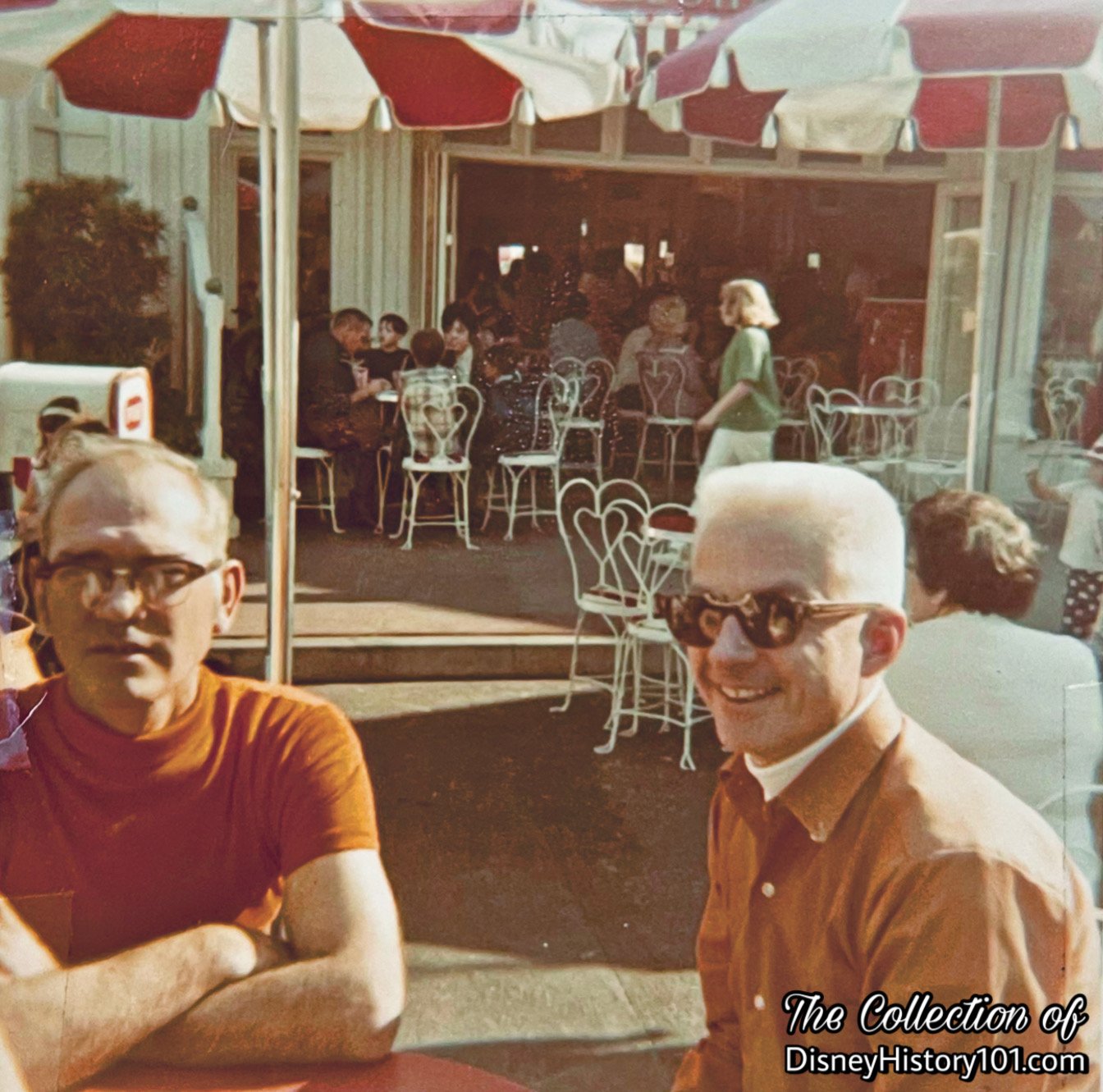
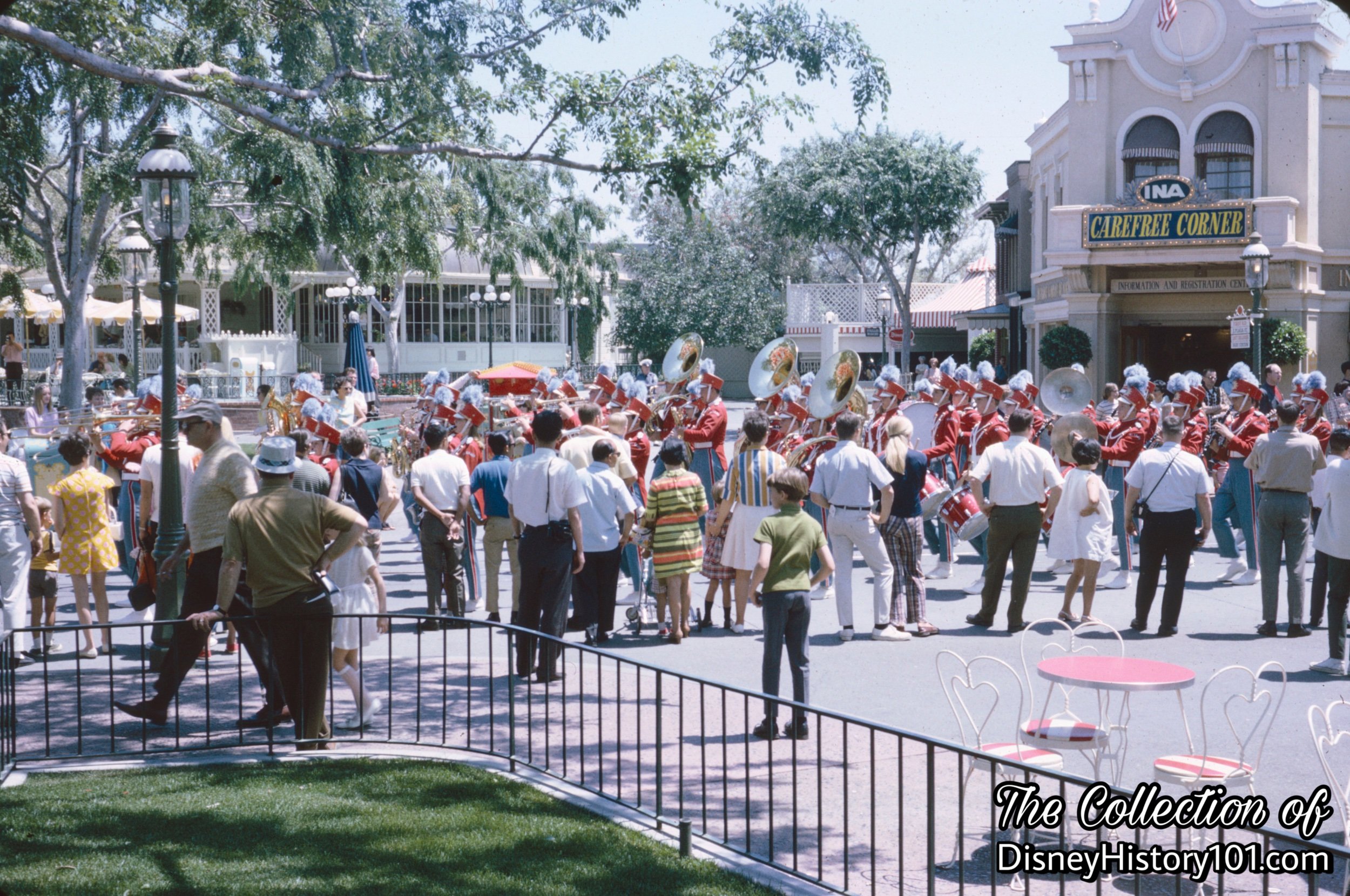
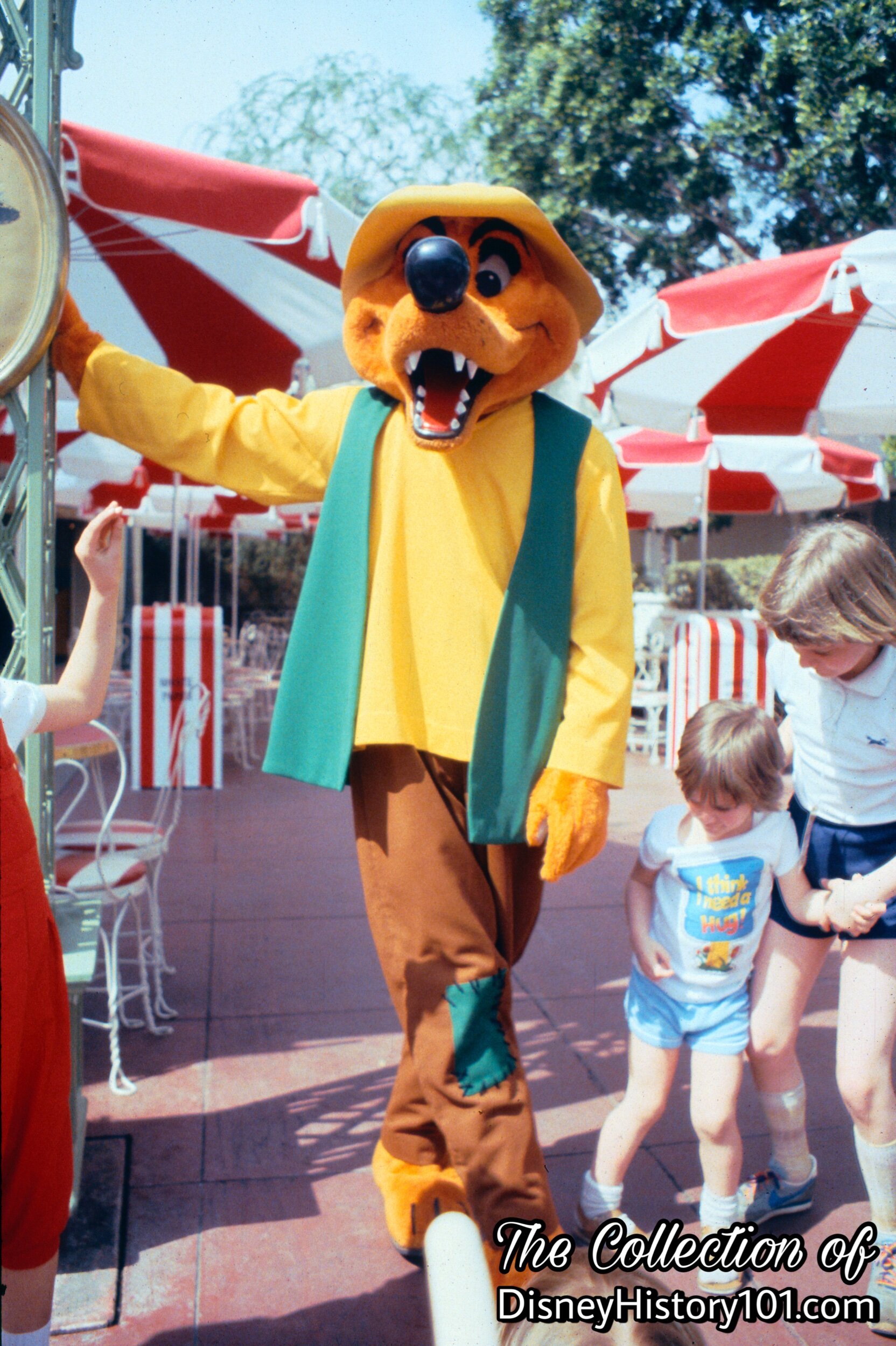

Coca-Cola Refreshment Corner became a popular place to meet up with friends!
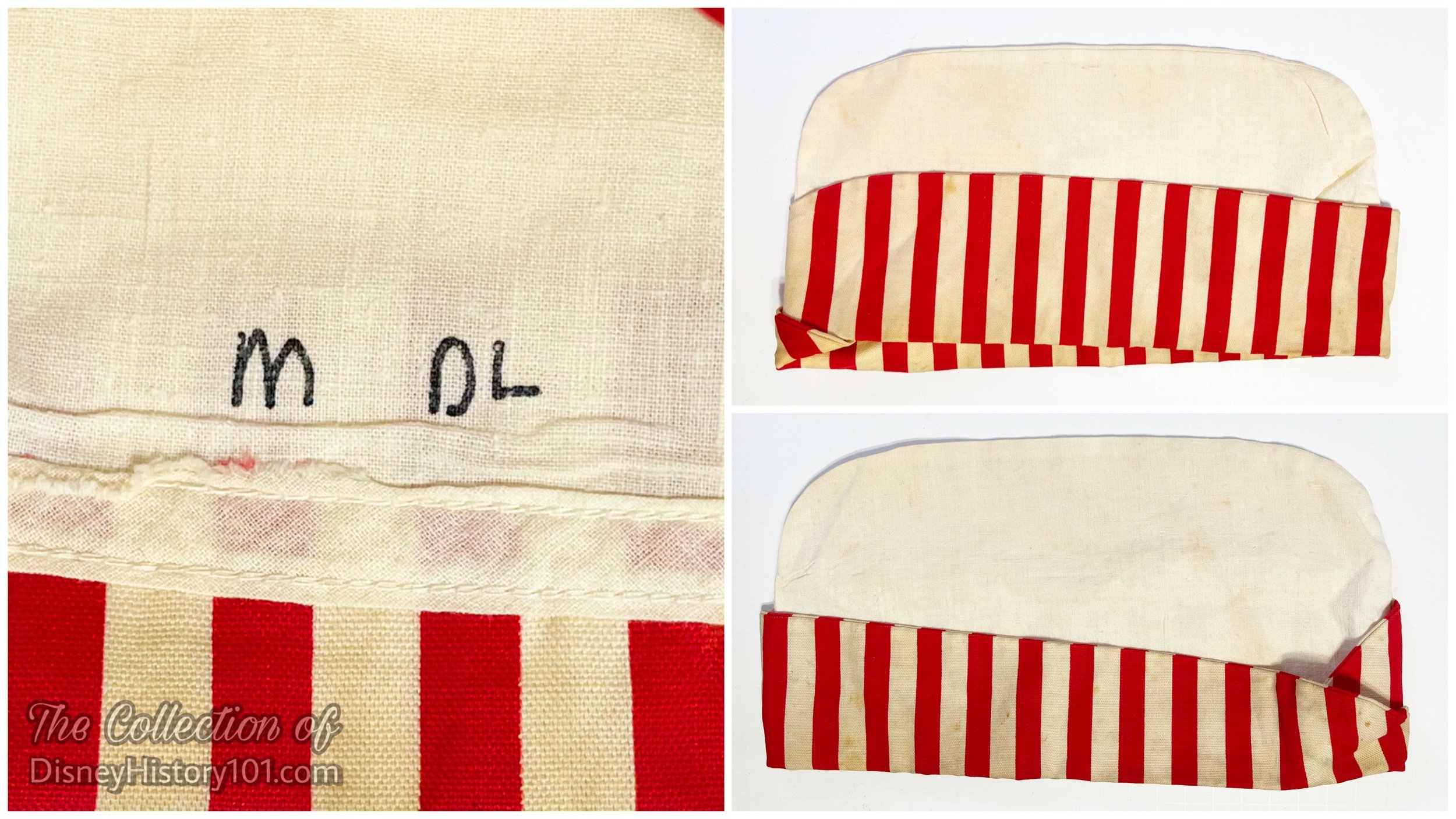
The Disneyland Food Division took over operation (in January of 1966), but the Coca-Cola Company eventually continued its Participation with Disney Parks. The location had some of the more than 160 soda fountain heads at Disneyland that delivered 10,000 gallons of various soft drinks to thirsty guests.
During December of 1980, film crews, production vehicles, and huge fans descended on Main Street U.S.A., as a (Coca-Cola-produced) television commercial was filmed at Disneyland. The commercial featured 115 international children and adults (representing “virtually all the nations of the world”)! A mixture of a shaved block ice, carbonic foam, and styrofoam simulated falling snowflakes over the Coca Cola Refreshment Corner on Main Street U.S.A., to the tune of “I’d like to teach the world to sing.”
During January 2 to 21, 1973 Coke Corner was closed for a 3-week rehabilitation.
About that time, the Coca-Cola Refreshment Corner menu remained rather simple, consisting of the Superdog, Hot Dog, Chili & Beans (served during cold periods), chips (Fritos, Doritos, Cheetos, and potato chips), soft drinks (Coca-Cola, Sprite, and Fresca), milk, and desserts (turnovers and brownies).
In 1981, the Coca-Cola Refreshment Corner with its soda shop atmosphere, refreshments, hot dogs and brownies produced $1,320,000 in revenue for Main Street Food. This was owning to VIPs of Disneyland (guests), its Main Street Foods hosts and hostesses (totaling 176 summer/118 fall), two Main Street Foods Stage Supervisors, and Main Street Foods Area Stage Supervisor.
On August 10, 1982, the Coca Cola Company also provided soft drinks to the Burbank Hangar 5 Production Crew who were producing films for the Horizons Pavilion at EPCOT Center. The company donated the beverage dispensor for the duration of the Hangar Rental; and also the first 1000 soft drinks. This agreement was instrumental in obtaining the Disney World Wide Beverage Account Contract for Coca Cola. This contract went into effect on October 1, 1982, and gave Coca Cola sole rights to distribute soft drinks to all Disney projects, both present and future. The Coca Cola Company soon also became a co-sponsor of the American Pavilion at EPCOT Center.
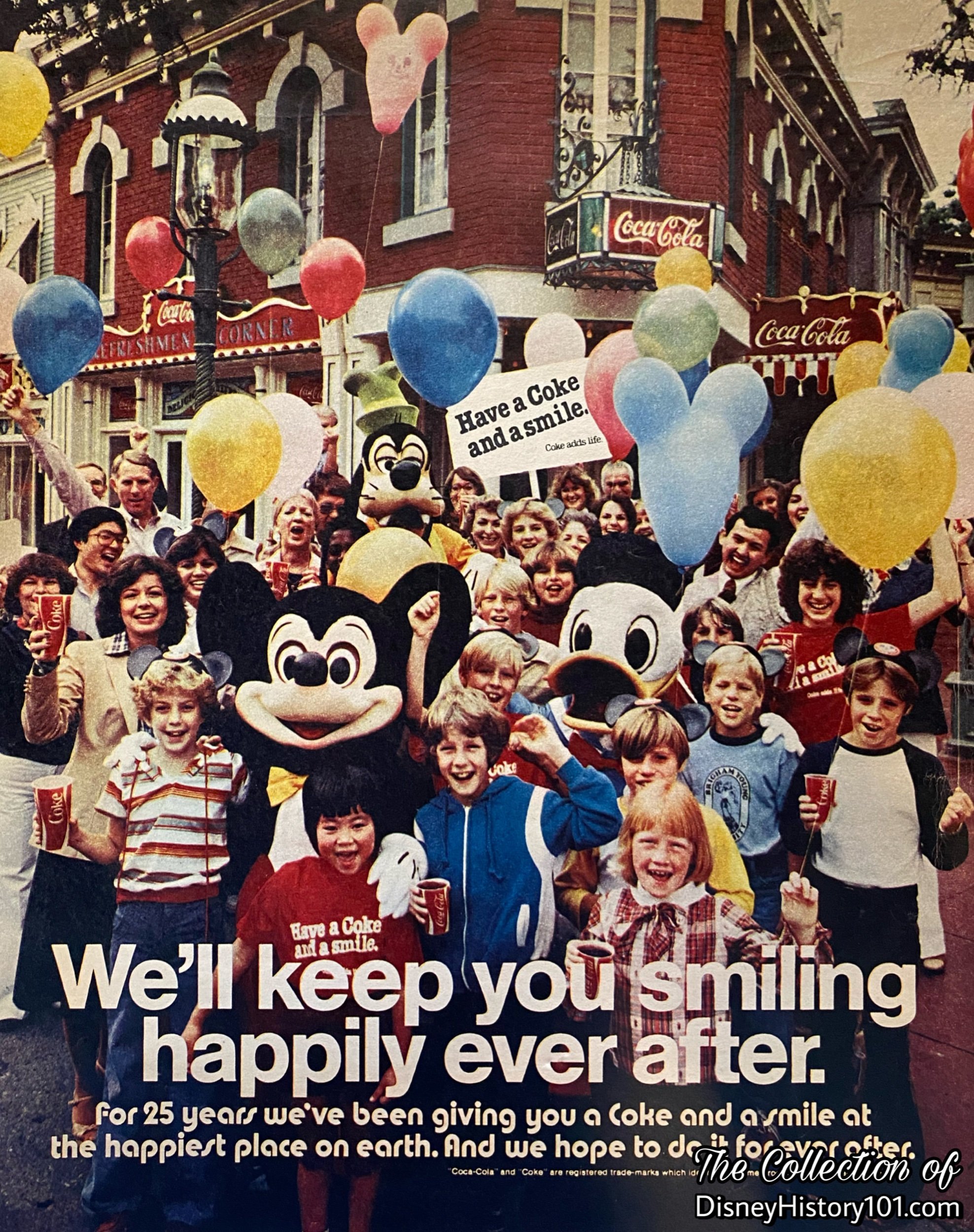
By the late 1980’s (c. 1989), big changes occurred when an extensive year-and-a-half negotiation led to a new 15-year contract between Participant Coca-Cola and the Walt Disney Company, which included “worldwide marketing rights involving Euro Disneyland, tie-ins with motion pictures, Consumer Products and more,” according to Disneyland LINE Magazine [Vol. 22, No. 12 ; March 16, 1990]. This arrangement was partially owing to Pete Clark (Senior President of Disneyland Participant Affairs Division), Jennifer Gray (Participant Relations Manager), and their team. According to “The Walt Disney Company” 1990 First Quarter Report shared: “Disney and the Coca-Cola Company… signed a global agreement that assures that Coca-Cola’s soft drinks will be available exclusively in all Disney time parks into the 21st Century.”
As far as Disneyland was concerned, the Coca-Cola Refreshment Corner was still a popular place for guests to find refreshments, beverages and light snacks, amidst walls decorated with authentic Coke advertising posters. According to Disneyland LINE (published for April 12, 1991), “Two display windows feature Coca -Cola memorabilia. The serving trays and artwork were reproductions, but the Coke bottles are the ‘real thing’. The bottles, including one which is at least 85 years old, were provided by Coca-Cola. Near two of the doors are replicas of antique thermometers, which were popular at the turn of the century. Commissioned by Coca-Cola especially for Disneyland, these thermometers were constructed by the Ohio Thermometer Company introduced to the Park in 1957. Inside, guests are surrounded by stained-glass windows, leaded glass lights fixtures and posters. The room is decorated predominantly in red and white, the Coca-Cola colors.”
Not long after in 1991, the Coca-Cola Corner Kitchen received a new steamer for cooking hot dog links. Then-Supervisor Derry Mellott shared with Disneyland LINE (published for April 12, 1991), “We can cook about 120 franks at a time in only seven minutes. The franks and buns are wrapped in a special foil and paper wrapper and placed in a warmer. Ideally, they stay in the warmer about eight to twelve minutes before the Guests received them.”
By the same year, cinnamon rolls and Minute Maid orange juice (made by Coca-Cola) were also served in the morning, and healthy turkey hot dog alternatives. Still, Coca-Cola products were a preferred refreshment of diners. According to the same article, “On a busy [c.1991] day, Refreshment Corner sells more than 650 gallons of soda including Coke, Diet Coke and Sprite. In addition, Guests purchase approximately 2,500 hot dogs, 20 dozen chocolate chip cookies, 200 brownies and 1,000 bags of chips.”

If you would like to read more about the Coca-Cola Refreshment Corner, it’s my pleasure to recommend adding Marcy Smothers’ “Eat Like Walt - The Wonderful World of Disney Food” to your personal Disney Home Library! Therein, Marcy has extensively researched and finely crafted a small section of a chapter dedicated to “Walt Disney’s Disneyland - Main Street U.S.A.” If you would like to bring the magic of Disneyland restaurants and concessions to your dining room table, “please step this way” toward www.eatlikewalt.com where Marcy has shared a few recipes for memorable Disneyland menu options, so you too can “Eat Like Walt.”
The Coke Corner would have a legacy at the Magic Kingdom. There, ragtime piano music kept spirits high on the way to Cinderella Castle.
When Tokyo Disneyland opened on April 15, 1983, the Coca-Cola Refreshment Corner would have a legacy of sorts with the Refreshment Corner specializing in hot dogs served with sides of chips, beverages and real “ragtime” piano. The restaurant would also have a legacy at Hong Kong Disneyland, through Main Street Corner Cafe Hostel by Coca-Cola. There, guests could enjoy an “innovative special menu blending together the popular beverage with good old western ‘comfort food’ in this first Coca-Cola themed restaurant launched in Hong Kong.”

During the 2000s, the Refreshment Corner received eye-catching new paint and a “Coke bottle green”-inspired terrazzo floor that leads to the Candy Palace.
In maintaining the magic after the Park closes, the staff take over with brooms, mops and dustcloths. Special attention was given to marred walls, posts and furniture. Items with marks that didn’t wash off were replaced or repainted. The Floors were waxed and buffed to preserve their beauty and protect them from the thousands of feet that scuffle over them each day.
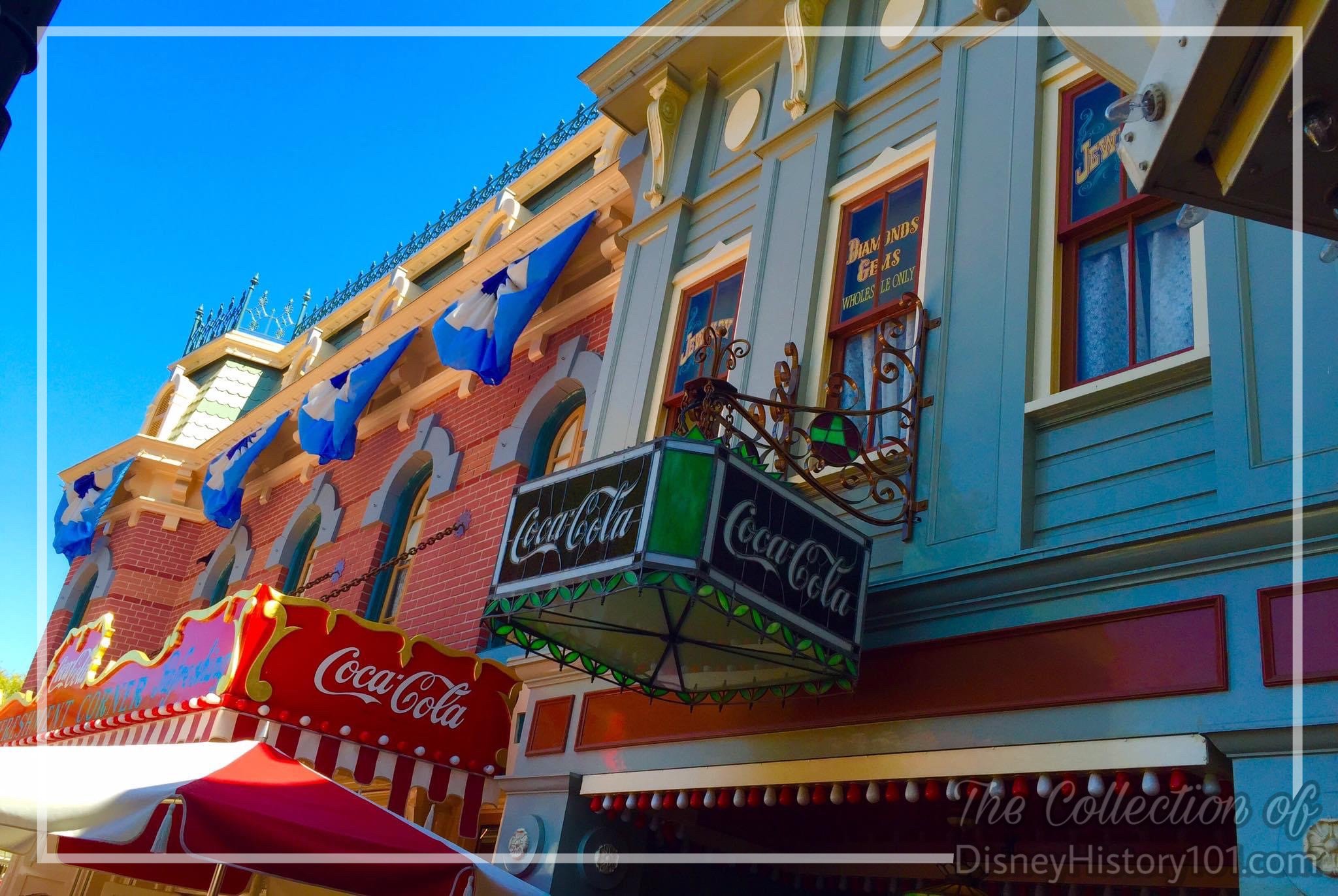
“We celebrate our people for the memories they created in the past.”
Martin Sklar once said “an individual's contribution can usually be found in the final product if one looks closely enough, but the Disney mind frame is to never point out ‘what I did’ to anyone.” However, a few outstanding individuals have been publicly recognized for their contributions and even ceremoniously honored by the Company.
There are thousands of windows at Disneyland.
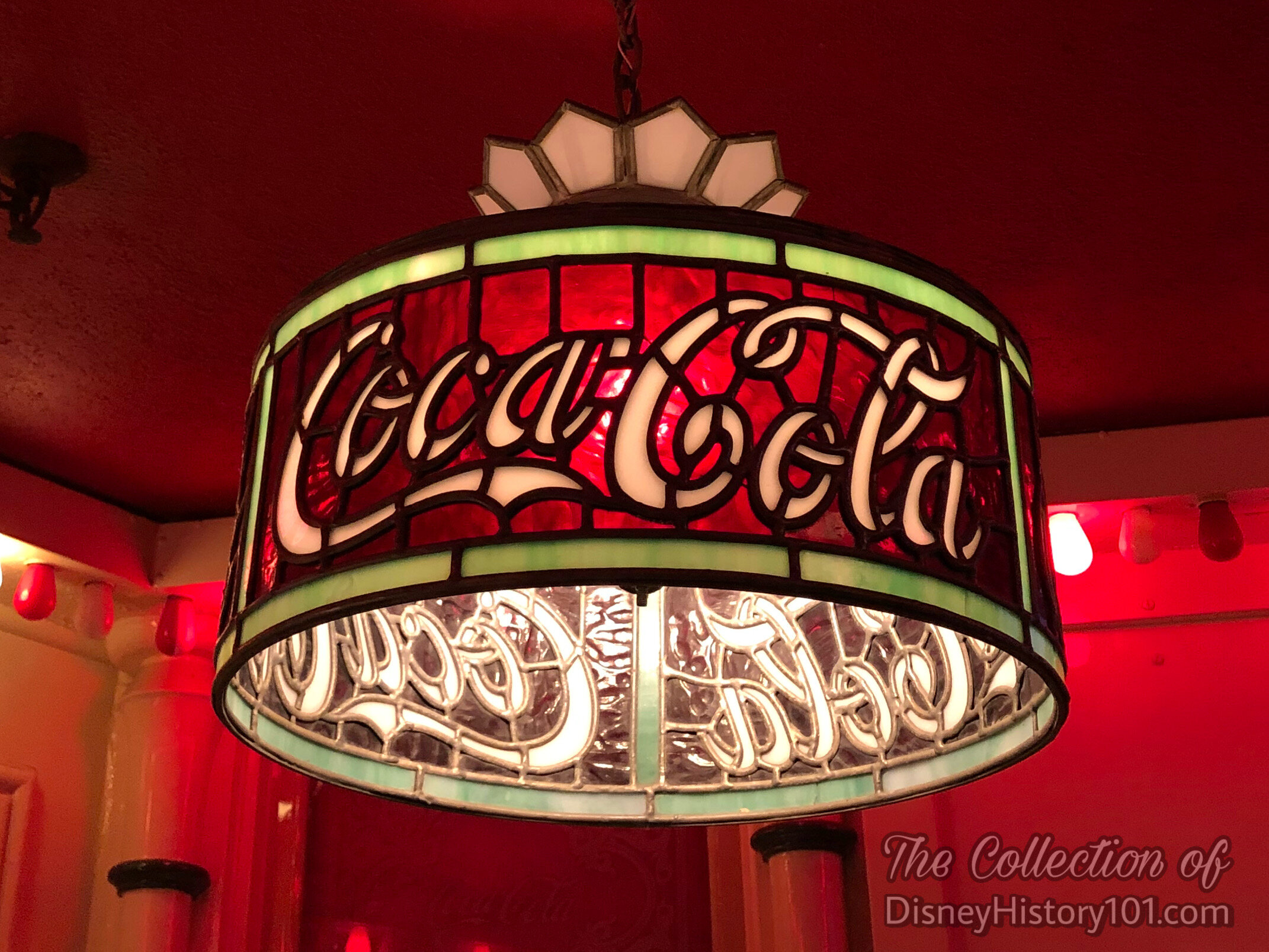
“Illumination”
Back in 1951, Art Linkletter was touring with Walt in Europe, and they visited the famous entertainment complex Tivoli Gardens in Copenhagen. Art noticed that Walt was jotting things down in a notebook as they were walking along. Art noticed that Walt “was struck by the fact that the park featured millions and millions of lights and that crews were constantly on patrol to service them.” This would influence Walt’s vision for Main Street U.S.A. at Disneyland.
On Main Street U.S.A., Details paint the story. Note the two separate types of lighting in and outside the Coca-Cola Corner restaurant: Character Lighting, and Functional Lighting. Character lighting is themed to the area to enhance the overall appearance and complement the interior, such as a chandelier or kerosene lamp. These add to the show, but don't necessarily create enough illumination for operation.
Since the beginning, all fixtures (including Functional and Character lights) were placed in their correct motif and many light fixtures of Disneyland were authentic antiques. Others, like Marshall Lane’s original decorative character lighting element designs have remained constant features of Coca-Cola Refreshment Corner to the present. The former Walt Disney Imagineering Principal Creative Executive Marty Sklar would probably agree that the small details like these make the story appealing.
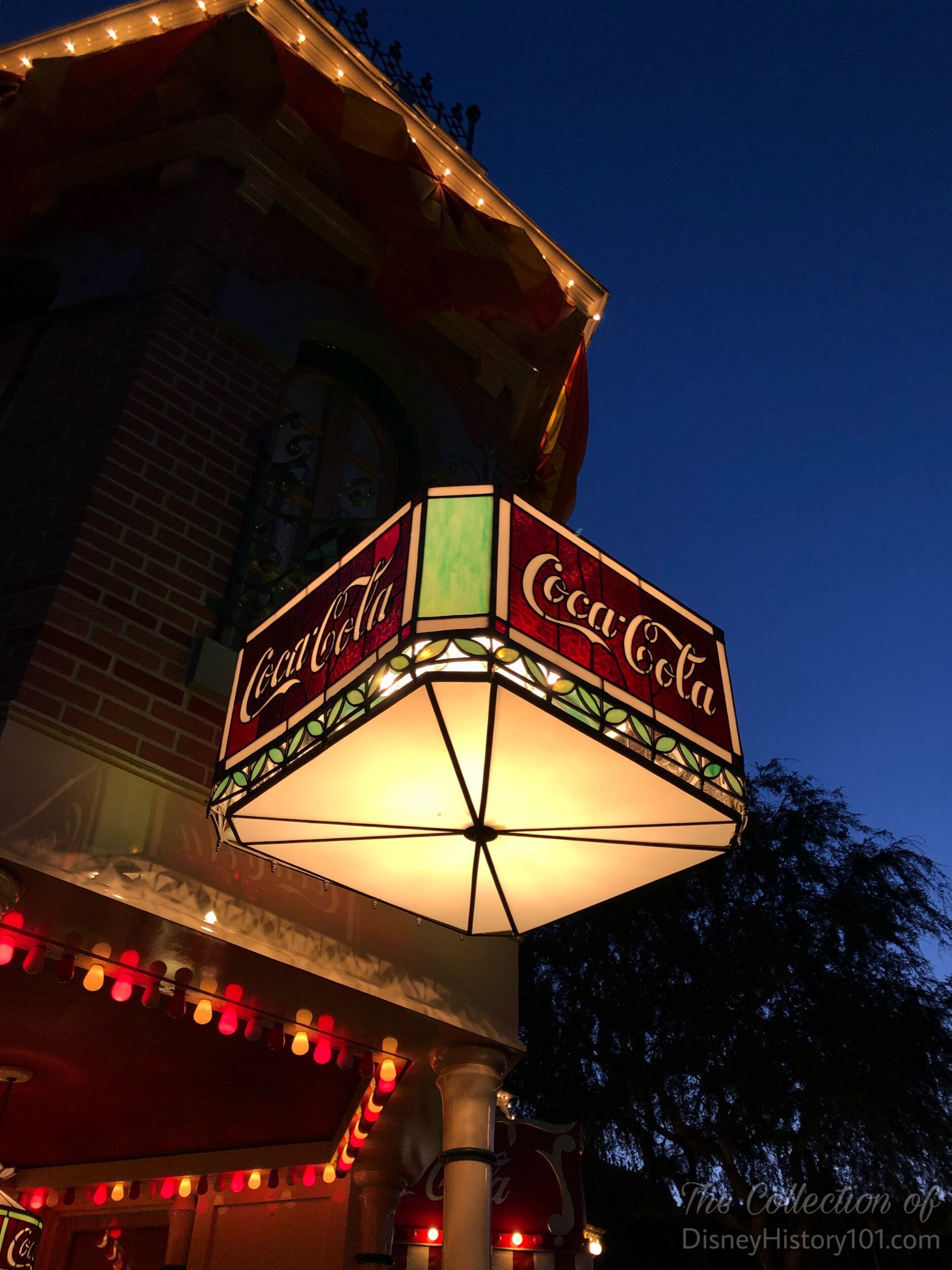
“The sign of good taste” in the present.

COLUMBIA
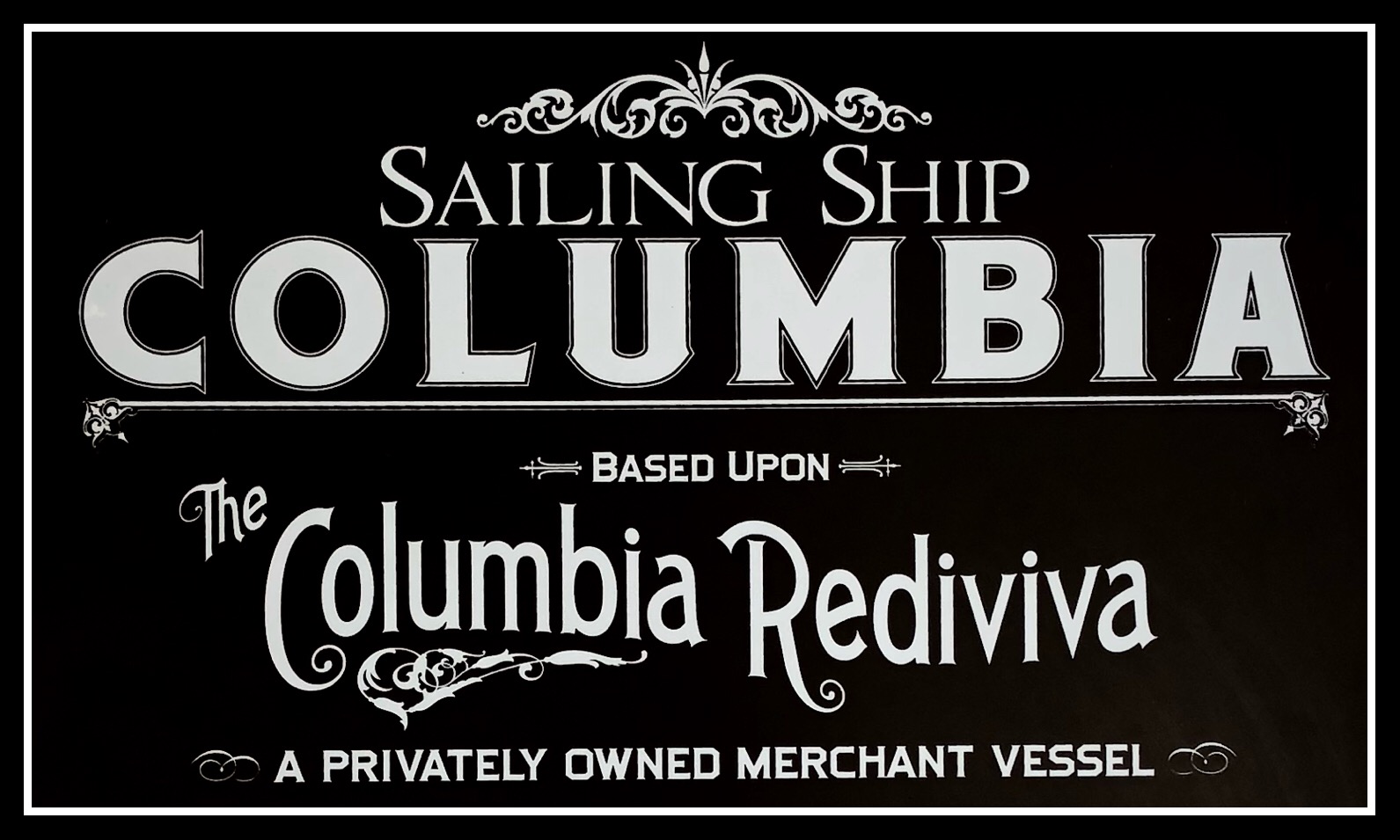
One can easily slip into the jargon of “ride,” but at Disneyland there are attractions, adventures, and shows! And there is a "story behind the story" of every attraction, every attraction is a living experience for the guest. Disneyland ride-through attractions or adventures have officially been defined as an “individual show, ride, or exhibit designed to produce an entertaining Guest experience. Disney attractions stir the imagination, enliven the senses, and provide the participants with positive, innovative entertainment, which is the essence of the DISNEYLAND Show.” It is important to review the story of the attraction, tell the story, explain it, and create interest. This is the story of the Columbia.
"The True-Life Columbia"
The Columbia Rediviva (or, “Freedom Reborn”) was the first United States ship to circumnavigate the globe in 1787 would come to inspire one timeless Disneyland adventure!
Our story begins in the colony of Plymouth, Massachusetts, founded in 1620. Now, the nearby forests furnished a seemingly never-ending supply of the best lumber to construct ships, and a shipyard was founded in Plymouth not even two decades later. It is here, that a number of one-masted ships called sloops were constructed for fishing and whaling, a tradition that continued for about seventy-five years. But soon, larger vessels were produced for the ocean trade. That is where the Columbia enters our story.
The original “Columbia” was built in 1787, a rather small vessel by comparison, reckoned to have been only 84 feet long, and weighed about 212 tons. The New England Merchants owned and operated ship Columbia left Boston Harbor (on September 30, 1787) under the command of Robert Gray. The armed ship sailed through the Pacific Northwest (where the ship took on a cargo of sea otter furs from the First Peoples) and onto the then-known Orient “where she traded furs for Chinaware, tea, spices, and silks.” This stock would be brought back to Boston Harbor, where it was sold to the local colonists. The original ship did not bear the designation USS, for it was privately owned by a trader (Joseph Barrell), but it did carry the American flag through oceans around the world for three years. All of this occurring 11 years before even Lewis and Clark’s expedition had reached the Pacific Northwest. During this time, the Columbia was occasionally joined by other vessels, as the Lady Washington (under the command of John Kendrick), departing from Boston en route to the American West. In fact, the Lady Washington and Columbia became the first American vessels to visit China and Japan.
“When she returned to her home port (in August of 1790), she had been at sea for 34 months and had logged a distance of 41,899 miles. During the last months of 1790, the Columbia began her second expedition, again under the command of Captain Robert Gray. During this voyage, Gray discovered the river which still bears the name of the historical vessel. Several more expeditions were made by the Columbia during her proud lifetime.” [Vacationland magazine, Summer, 1980]. Owing to this, many coves and harbors would have the names of Columbia crew members bestowed upon them.
Ultimately clipper ships and steamboats replaced these larger sea going vessels, rendering the Columbia a transportation mode of the past. Legends used to surround the fate of the Columbia. Was the Columbia windjammer subsequently utilized by a privateer, or did she wreck near the rocky shores of Nantucket? According to Massachusetts Historical Society and Library of Congress records, the “Columbia,” after making several voyages following the globe-circling trip, disappeared without a trace “somewhere in the Orient.”
While some believe the true-life ship was decommissioned and salvaged in 1806, one thing is sure - the Columbia’s spirit of exploration and adventure would live on in Walt Disney’s Frontierland nearly 150 years later!
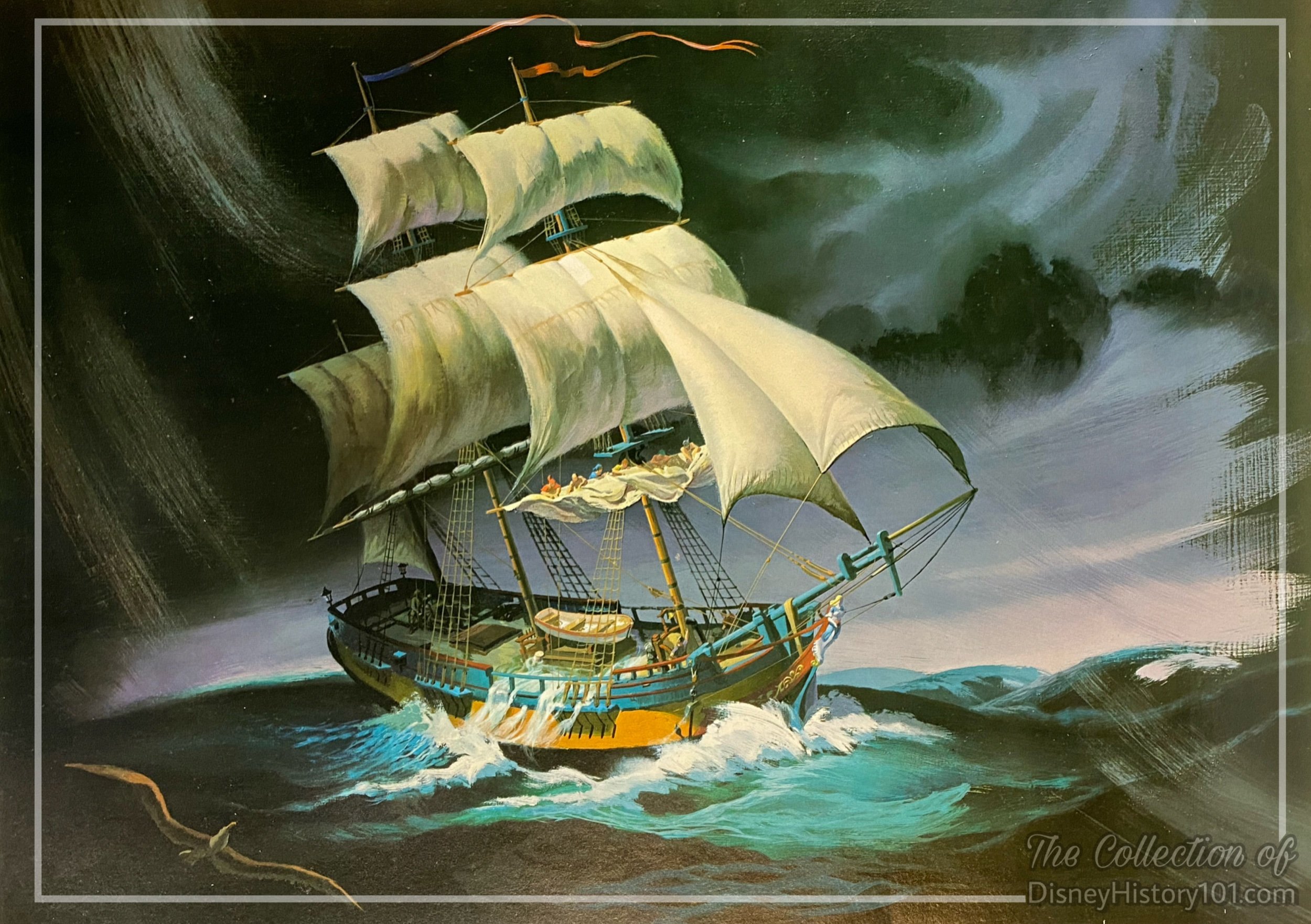
"Blue Sky for the Rivers of America"
According to “Welcome to Disneyland” (published 1958), on the eve of the first day of operation, “Walt Disney promised that it would ‘never be completed, but will continue to grow, to add new things, as long as there is imagination left in the world.’ Each year since opening in July, 1955, Disneyland has added new and unique attractions for the enjoyment of guests.” By 1957, Walt had a steamboat, river rafts, and canoes traversing the Rivers of America, but something was missing.
During a 1957 interview with one reporter, Walt Disney explained his initial plans to expand the Disneyland fleet. “I’m going to add another one,” he offered. “I’ve got to find the right kind of a boat. But it’s going to be a boat that has to do with our early commerce, you see. It might be Robert Fulton’s first steamboat or something like that. I’ll make a miniature of it that will carry people. The Clermont.” Yes, initial plans included a replica of the Clermont, the first commercial steamboat in the world that ferried passengers from New York City up to Albany beginning in 1807. But soon, Walt's attention turned to the Columbia.
The Columbia (of Disneyland’s own navy) partially owes its existence to Sunday meals shared between Dick Nunis and Walt Disney. Dick (in response to inquiry about his favorite part of Disneyland which is no longer there) shared : “I miss the old Chicken Plantation where I spent many Sundays sitting with Walt talking about the future of Disneyland. I remember one day the Mark Twain was coming around the bend, a Keel Boat was coming in, a Keel Boat was leaving, two rafts were crossing the River, two Indian War Canoes were racing each other, and Walt said, ‘Look at that, that’s a great show. What we need is another boat. And that’s when we decided to build the Sailing Ship Columbia.” (according to Disneyland LINE, Vol.25, No.28, published July 16th, 1993). The presentation of the Sailing Ship Columbia show on the vast DISNEYLAND “stage” was a distinct part of the Disneyland theater concept.
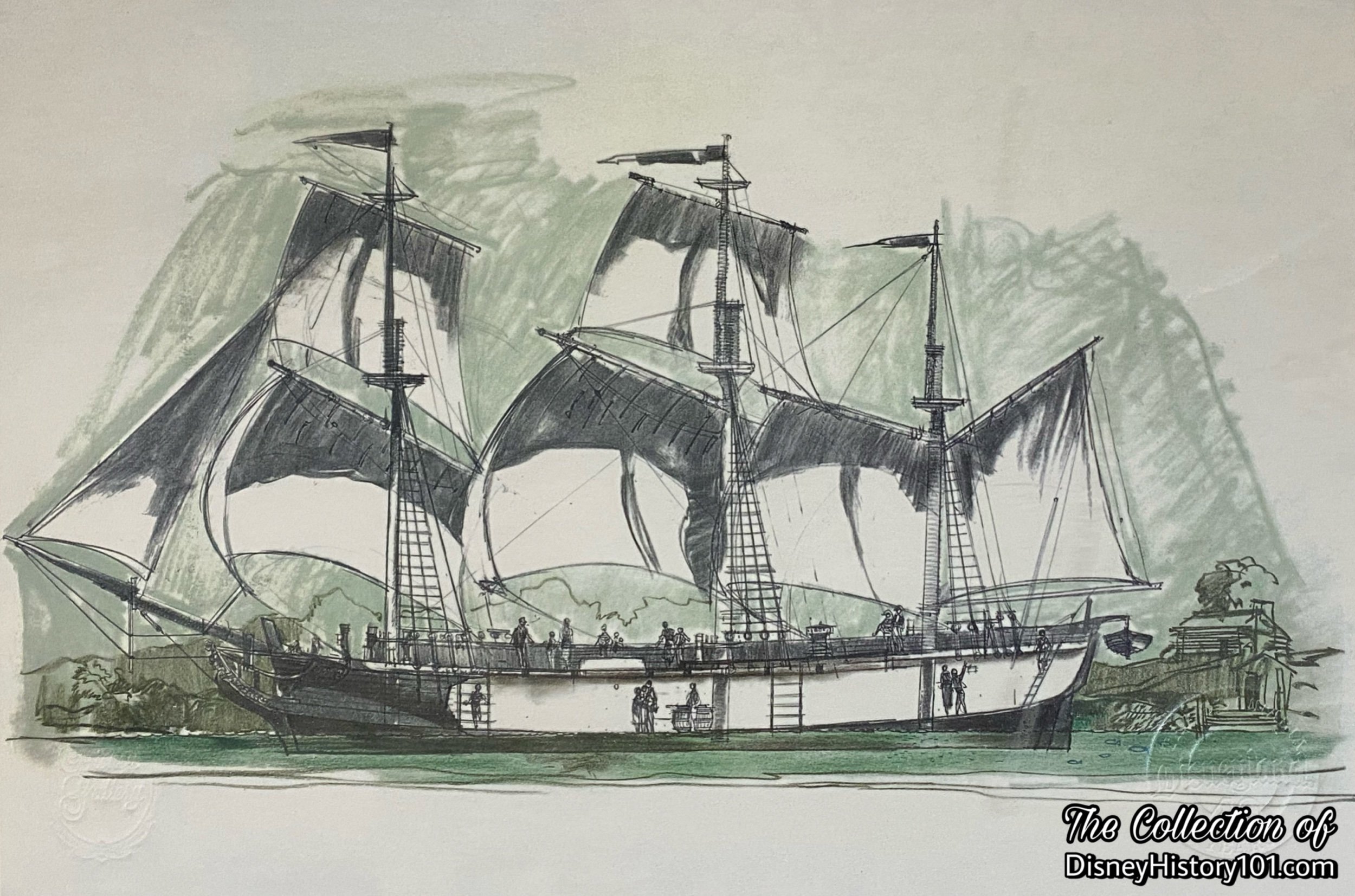
“Raise the Sails - Designing the Columbia"
Thanks to a million-dollar Disneyland expansion, design of the $300,000 namesake Disneyland version of the “gem of the ocean” had begun by the spring of 1957. Regarding most any project pursued, Walt Disney once said: “We have always tried to be guided by the basic idea that, in the discovery of knowledge, there is great entertainment as, conversely, in all good entertainment there is always some grain of wisdom, humanity, or enlightenment to be gained.” Few current Disneyland attractions embody the spirit of those words as much as the Columbia at Disneyland.
In developing the attraction, the original true-life Columbia was researched extensively, and designs were then created by architect Raymond E. Wallace of Palos Verdes. Since the original (c. 1785) plans of the Columbia had been lost, Ray conducted his research from the book “Voyages of the Columbia” and a 1.5” steel engraving of the ship, basing his blueprints on these. Ray’s designs for the Columbia (at Disneyland) were also inspired by those of the original’s “sister ship” the (c. 1787) HMS Bounty (which were still extant). As a “sidelight,” the Bounty had an equally fascinating story, involved in perhaps the most famous mutiny in history - that of Captain William Bligh and 18 crew members, who were put out off the Coast of Tahiti (we’ll revisit the Bounty later in this article).
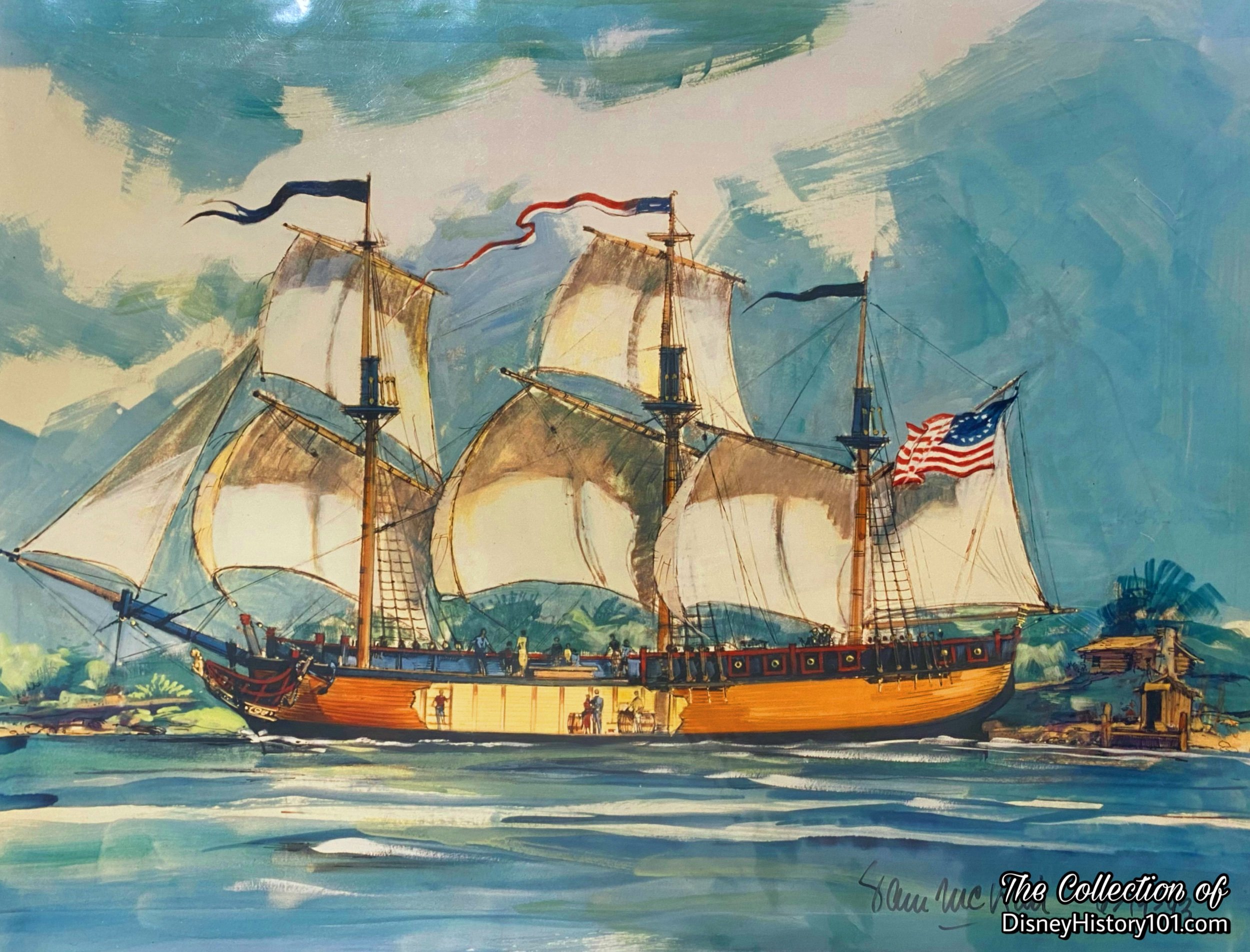
Like some advanced “High Concept,” final designs were quickly generated and approved. Next, architectural drawings were generated to help define all designs, production and construction strategies, costs, schedule, and resource requirements. Models were fabricated in order to explore the various dimensional relationships, site-lines, flow patterns, ergonomics, and visual appeal to convey the desired creative intent. In 1957, one Associated Press article “Plan Trip Into Drop of Water, Liberty Square for Disneyland” (by Bob Thomas, published April 20, 1957) briefly mentioned the models and sketches while divulging the big project. Upon being invited to Walt Disney Studio, Bob Thomas mentioned, “Walt gave me a preview of his ambitious plans at his Burbank studios. He showed models and sketches…plans call for an 1812 sailing vessel to ply the Rivers of America, along with the paddlewheeler Mark Twain.”
“Construction”
The ship’s hull was to be the same size as the original Columbia. Soon, the approximately 90-foot steel hull was being manufactured at Todd Shipyards in San Pedro, Wilmington. Bill Evans seems to have recalled (to “E” Ticket magazine, Spring of 1996) that the hull was built at Bethlehem Steel, completed by February 12, 1958, then trucked to the Park during the midnight hours of an evening in February 1958. It was then was lifted onto three flat cars, and brought from the Main Street Station around to the Frontierland Station where it was lifted off the train sideways and hoisted into the dry dock at Fowler’s Harbor.
Next, completion of Ship's carpentry, assembly and painting was performed at the park by Disneyland personnel under the direction of Joe Fowler (In Fowler's Harbor Frontierland). At the time, Joe Fowler (Disneyland Operations Committee) oversaw the Construction & Maintenance division including Engineering, New Construction, Maintenance, and Janitorial. It was assured that many of the same types of tools used in the construction of the original were now used to bring the Columbia back to life. These were utilized by a variety of sub-contractors and craftspeople.
“First, the steel hull was completely planked above the waterline. Oregon pine was chosen for the ends because of its long fibers… The deck was laid with planks of Douglas fir.“ “News from Disneyland” reported: “Among the unusual occupations represented by the workmen was that of Louis Baham, a caulker. Caulking consists of filling the seams between a wooden ship's planking with cotton and a tar substance called oakum. Baham's past experience on sailing ships included caulking the sides of ‘Old Ironsides’ when that famous ship was reconstructed following World War I.”
“Submarine batteries, weighing a total of over 20 tons, were the original power source for Disneyland's Columbia, and also served as ballast, to improve stability of the ship.“
While the hull (and many other parts) were the same size as the original, the masts were an exception. They would need to be smaller, or else they would dwarf the Matterhorn. The construction of the masts required a special lathe and were made by Cliff Wavel. “Next came the ‘stepping,’ or securing of the mast ends. Made of hollow spruce and laminated together, the two sections of the mainmast were carefully positioned by cranes.” A silver dollar was even placed under each mast, before it was ‘stepped’, according to ancient maritime and U.S. naval tradition.
“Construction on many of the Columbia's wooden trappings, such as the wheel, the capstan, the rails, the rudder and many other items was done at the Mill”, right at Disneyland. Parts (like blocks, dead-eyes, and special rigging) were manufactured by Bagby-s Wire Rope & Splicing Service. “The stays, shrouds and ratlines of the rigging are made of steel wire rope, wrapped with manila and are referred to as ‘Standard Rigging.’”
“Pacific Sailmakers, the same company who made the sails used in the films Mutiny on the Bounty and Captains Courageous, also made the original sails for the Columbia.”
The vessel would carry ten cannons like its namesake. “The windjammer's cannons were cast at Disneyland's Staff Shop.”
Final touches like paint were carried out by WED employees, also under the direction of Admiral Joe Fowler.
To top the whole vessel off, the ship would fly a 1777 13-star flag (representing the original 13 colonies) provided by Hortie-Van. As a sidelight, the only other two locations in Disneyland to fly a 13-star flag were the Frontierland Stockade Flag Pole, and one of eight Mark Twain DockFlagPoles.

Pictured above, an on-site crane aids in some installments to the Columbia while harbored at the Frontierland Dry Dock! Frontierland’s newest attraction was scheduled to open in less than one month from this point. The representation of the 18th-century merchant vessel would soon circumnavigate the controlled channel of the Rivers of America at Disneyland!
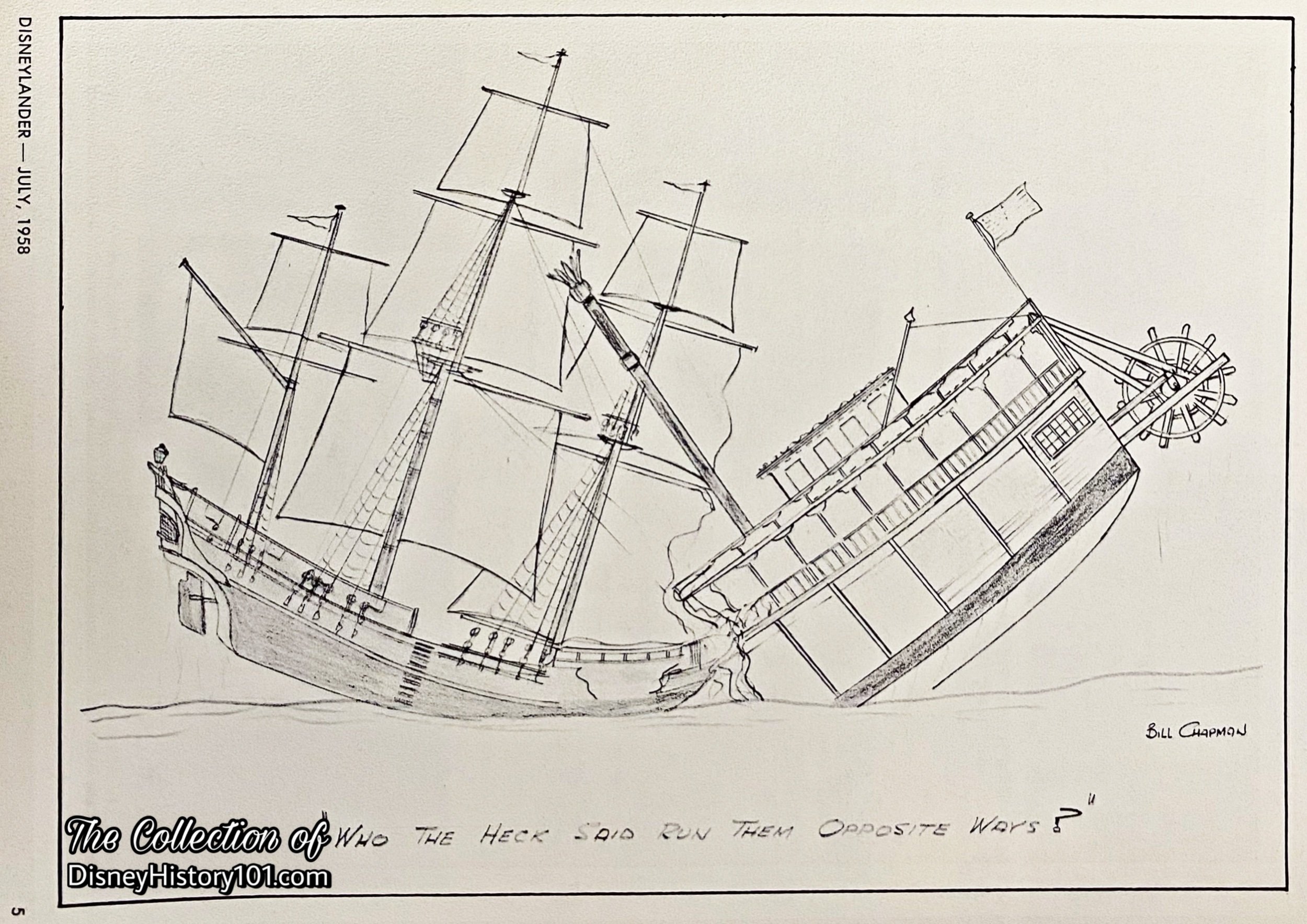
Though the Columbia would carry sails, it would actually be designed and constructed to be propelled under water by submarine battery-powered fan motors. These motors were enough to repeatedly carry the ship (and its passengers) on 20-minute journeys, along a 2,450 foot-long guide rail located at the bottom of the Rivers of America. Since it costs a fortune to drain the ride, Machinists (or highly skilled craftsmen) would learn scuba diving, and dive down to where the action is to check the equipment and the rails.
As for that shared guide rail, a precise water level (of the Rivers of America) assured that the vessel did not float off of the rail or drop onto the guide rail and break it. This shared guide rail makes the next few Vintage Views of an extraordinary nature.
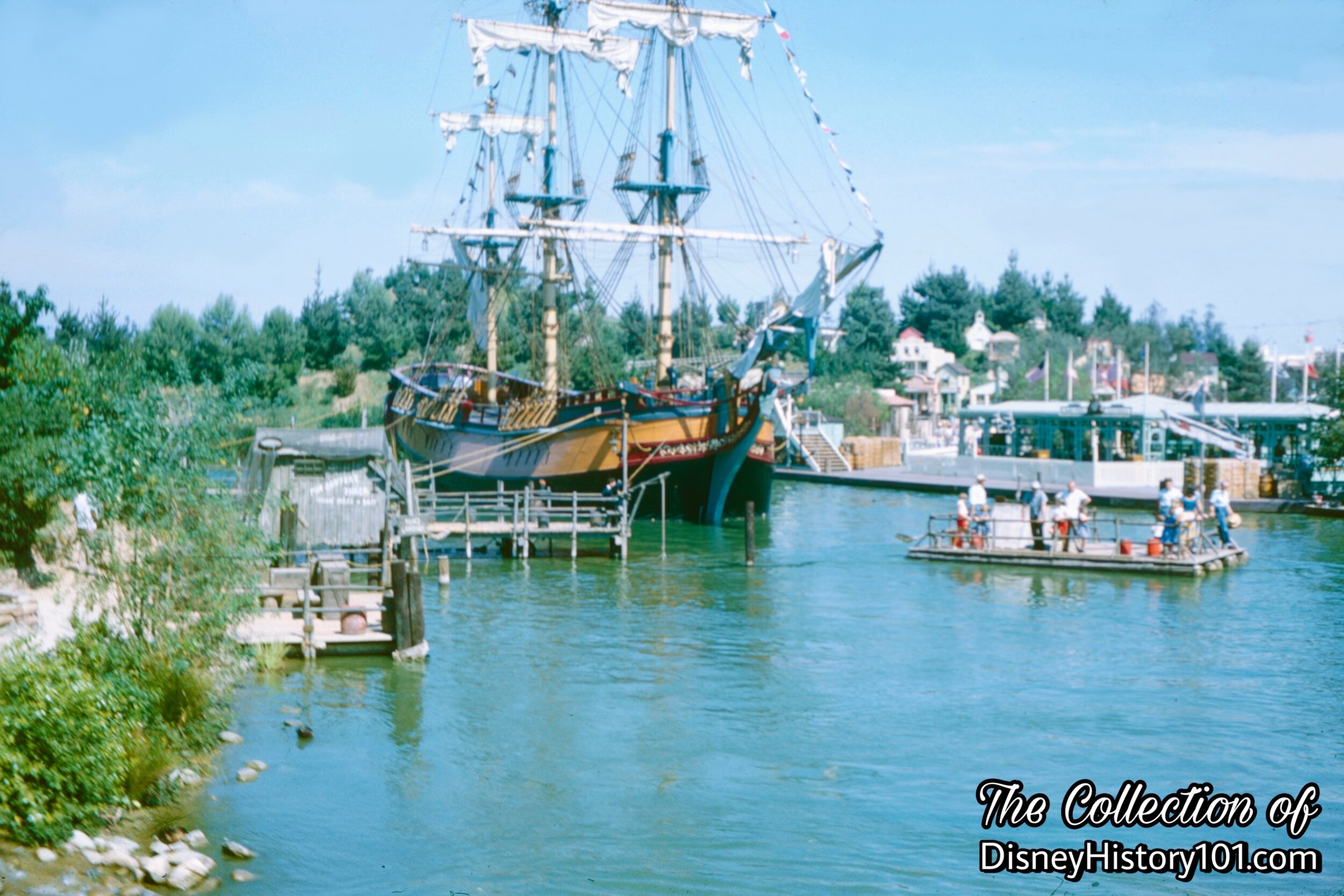
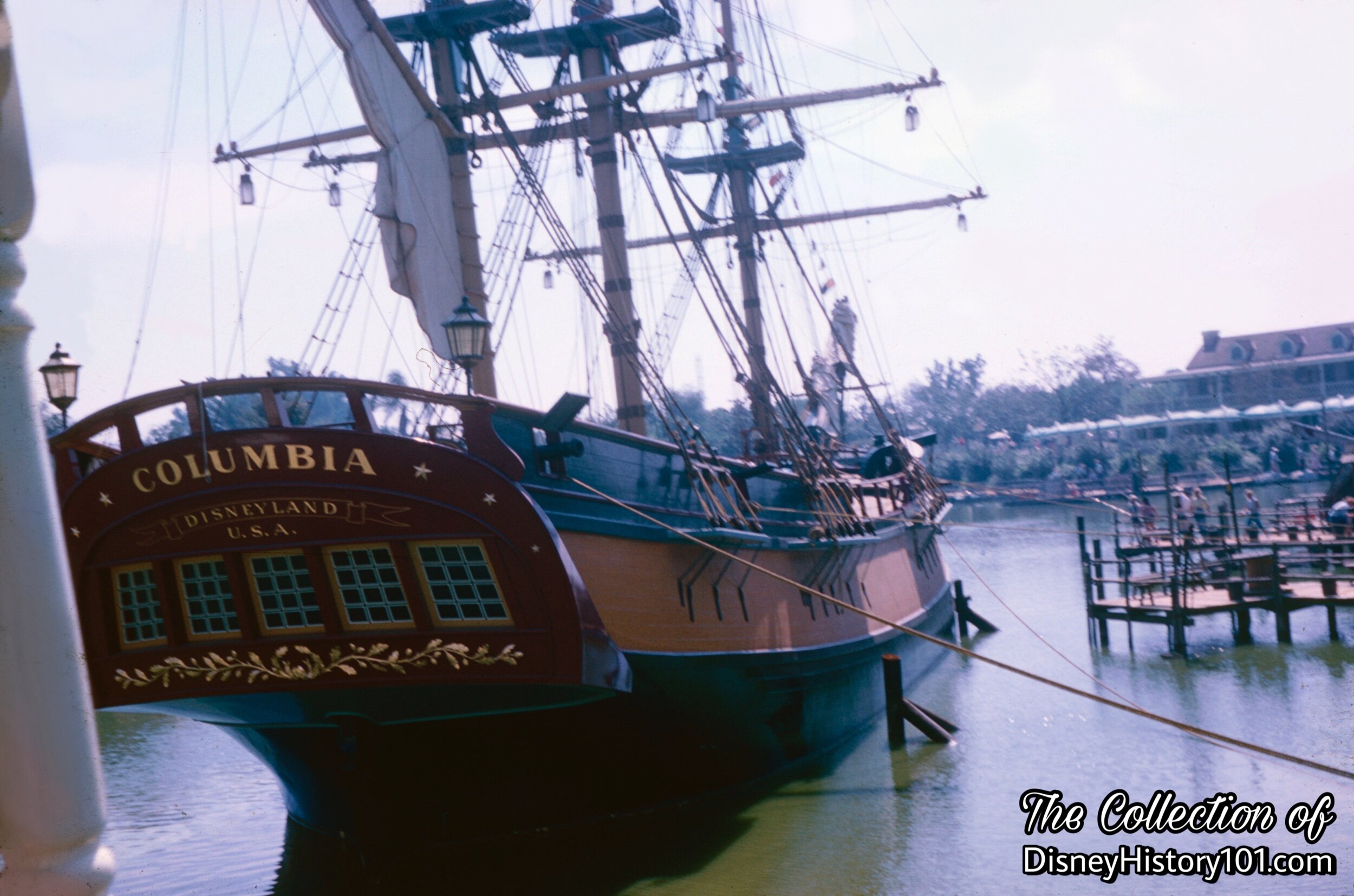
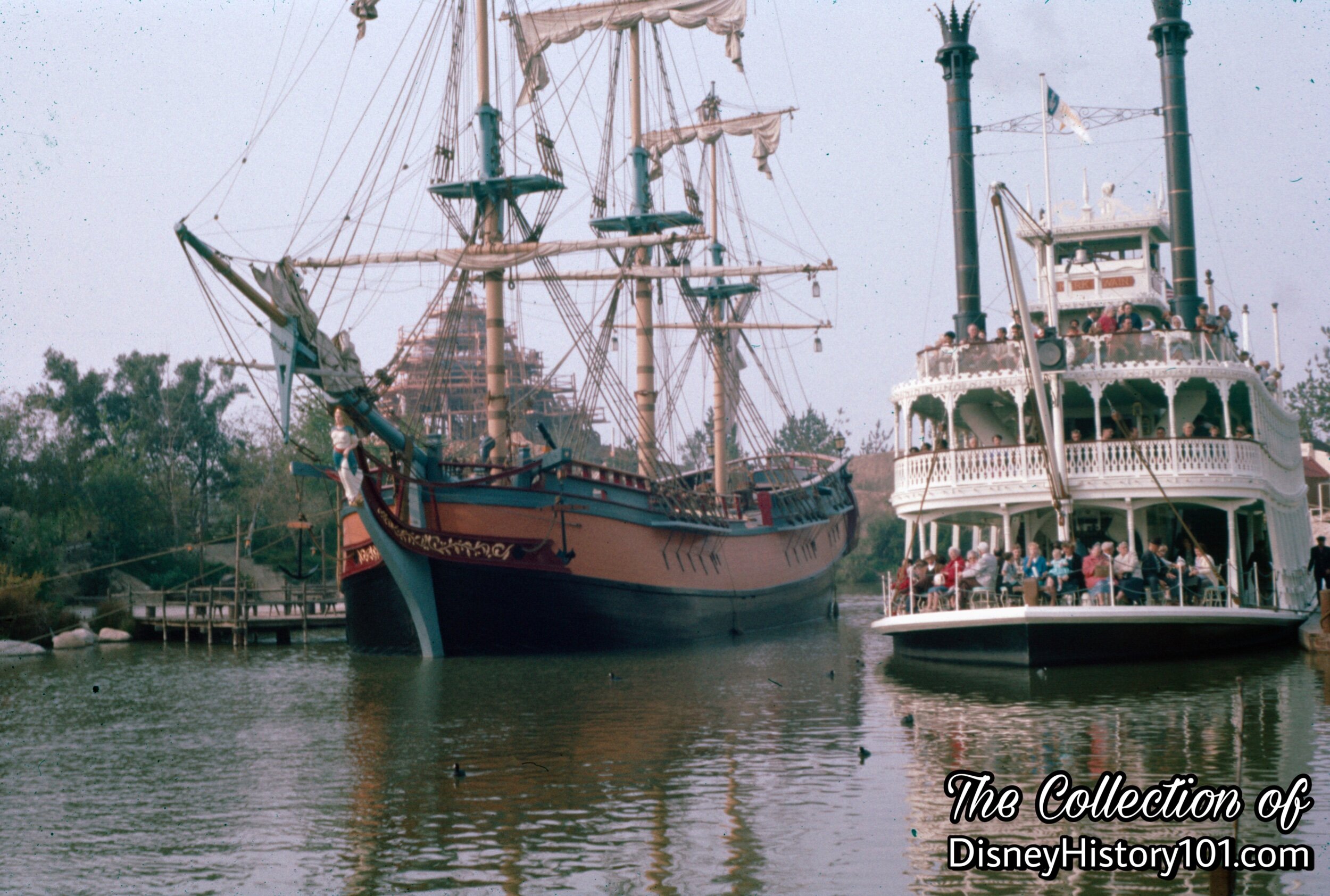
Soon, the Columbia operated alternately with the Mark Twain.
The 1957 TWA publication “Let’s Talk About My Visit To Disneyland Anaheim California: A Note From Mary Gordon TWA Travel Advisor” teased and divulged new adventures heading to Disneyland (some years ahead of their grand opening): “Other coming attractions include: The Nautilus-Submarine Ride, Adventures in Science, Alice in Wonderland, Adventure Ride, Liberty Street (our American Heritage), a Full-Rigged, Three-Masted Sailing Ship, Thieves Market, New Orleans Square, and a Haunted House.”
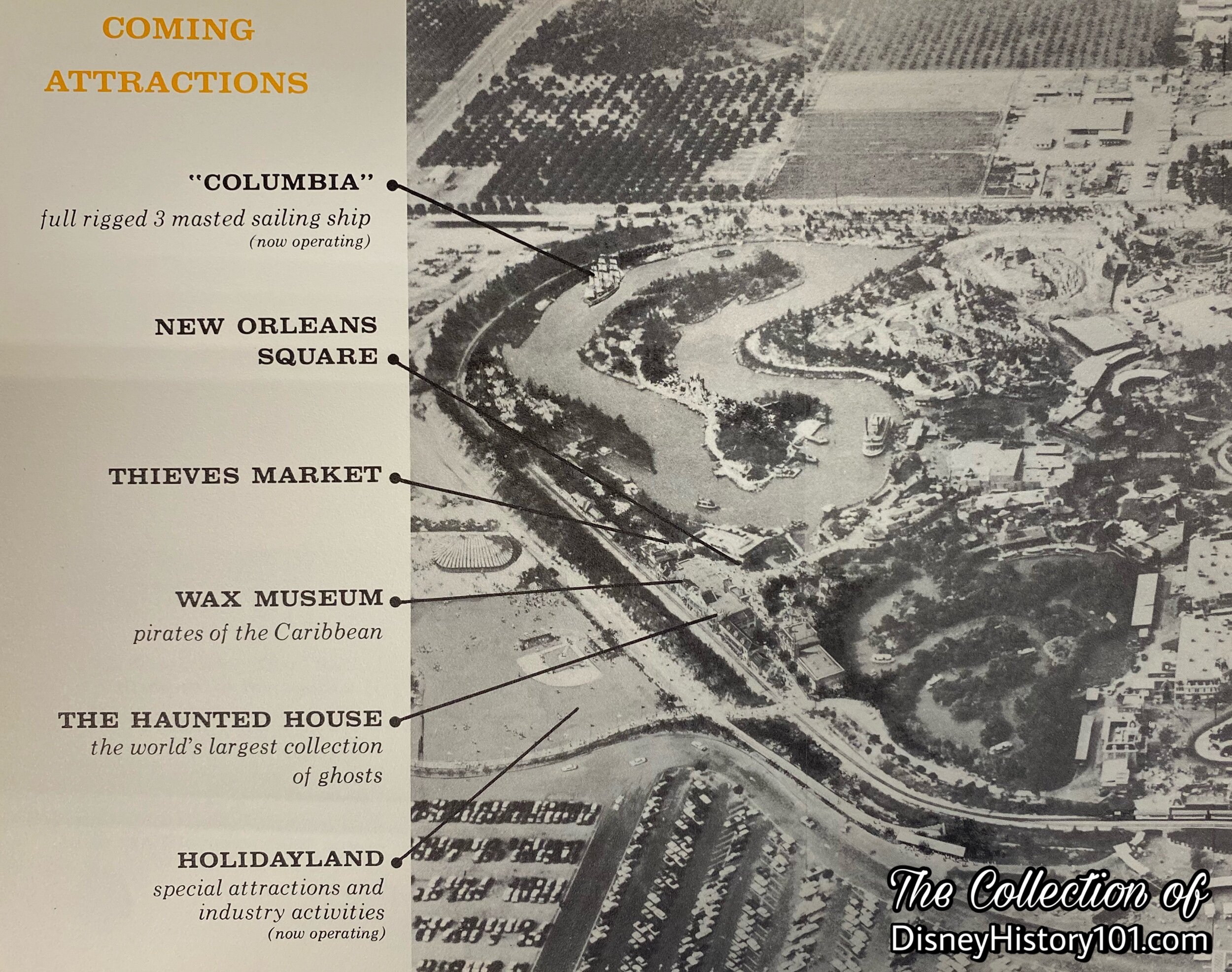
A two-page spread of “Disneyland, U.S.A.” focused on Disneyland’s future. Among the “planned additions and their proposed locations” depicted, is the Columbia. During the construction of 1958, an appraisal of the ride structure valued it at $1,400 while the equipment was valued at $211,400.
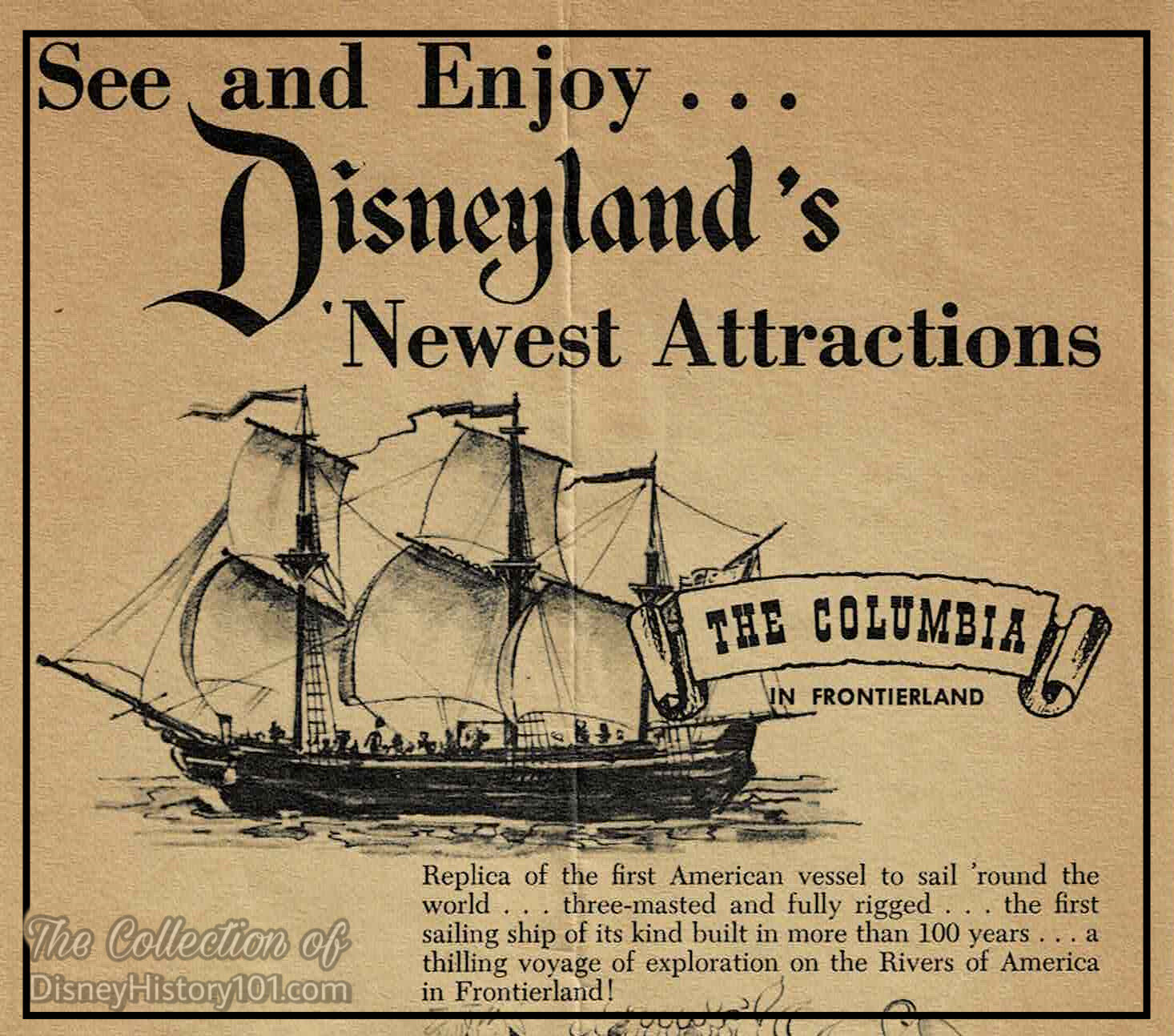
“Lively Now, Lively…We Sail With The Tide.”
Slightly before the summer of 1958, Disneyland Holiday magazine (published for the Summer of 1958) excited future guests of Disneyland, by advertising “the Queen of the River…the Columbia” as part of “the early West reborn in Frontierland” at Disneyland! The $300,000 Disneyland version of the “gem of the ocean” was based on the very same first United States ship to circumnavigate the globe in 1787. Upon embarking on your journey aboard Disneyland’s Columbia, “a voyage of discoveries on the rivers of America” awaits!
The ship was christened by Joe Fowler and the Mouseketeers on June 4, 1958. Ten days later, opening day came (on June 14, 1958; 5:00pm), with 300 invited Guests, official dedication festivities, and Dedication by Walt Disney and assisted by Art Linkletter. The newly appointed Admiral Richmond (of the United States Coast Guard) was among the guests that walked up the gangplank and aboard the Columbia. Then, the sailing Ship Columbia was christened by Mrs. A.C. Richmond, the wife of Coast Guard Admiral A.C. Richmond. Walt oversaw the Naval tradition, as Admiral A.C. Richmond and his wife presented a ship’s Bible to the Columbia’s acting skipper. The gesture was captured by photographer Mel Kilpatrick.
After the maiden voyage, Disneyland guests were officially admitted aboard the reproduction “full rigged 3 masted” (and armed) 18th-century merchant Sailing Ship Columbia. That summer, the Columbia became one of more than 40 rides and attractions that would nearly double the number of Disneyland’s original 22 Opening Day attractions. By 1959, Joe Fowler was Vice President of Disneyland Operations Committee and Doc Lemmon of Disneyland Operations was overseeing Operators of Rides & Amusements (like the Columbia), Livestock, Parking Lot, and Ticket Sellers.
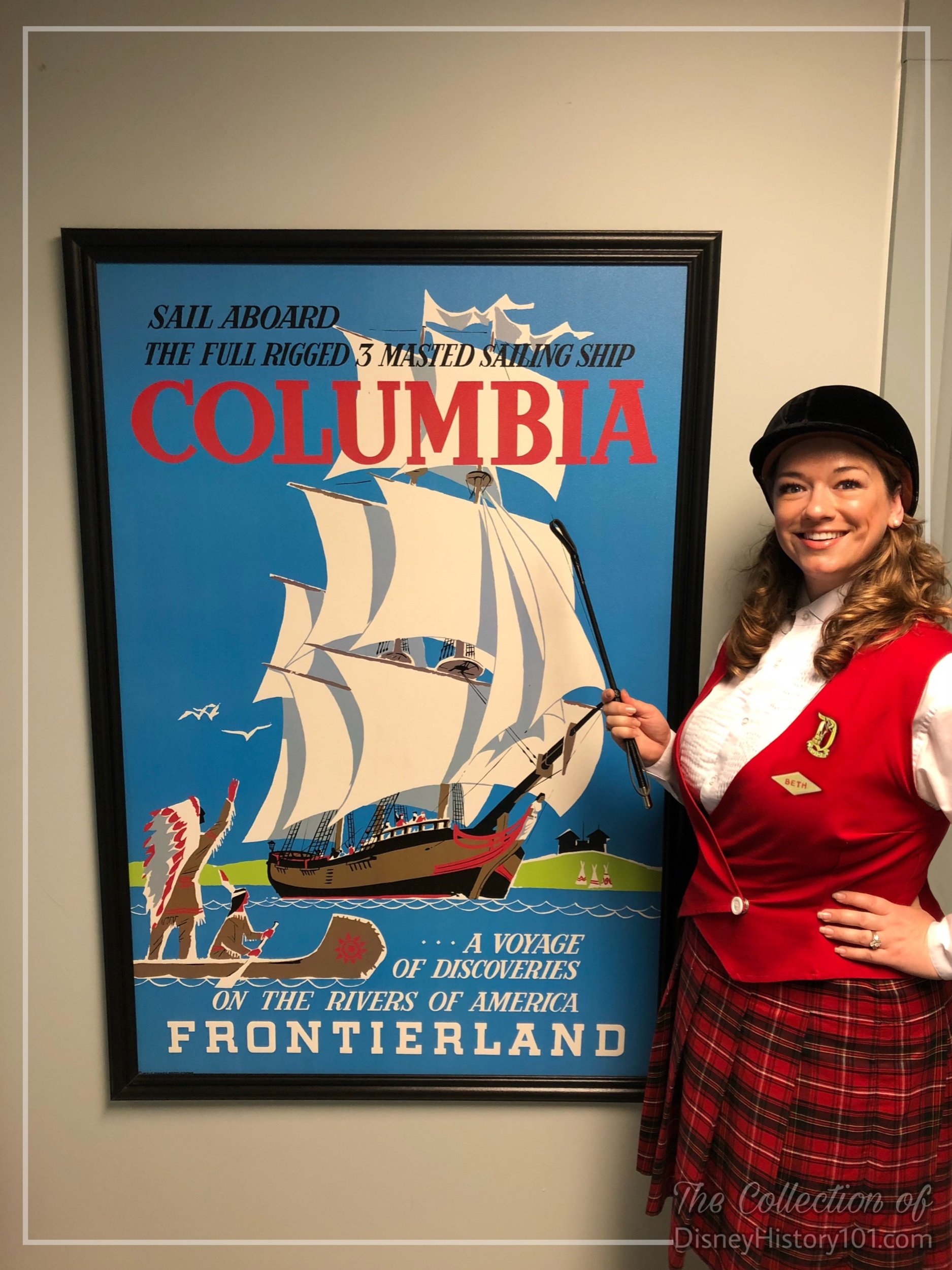
Disneyland audiences passed colorful attraction posters while still in the “lobby” of the Disneyland Show! Near the Mickey Mouse Floral Portrait and positioned in a few other places around the Park, attraction posters (designed by Bjorn Aronson, c. 1958) heralded the Disneyland’s latest adventure - the Columbia! This particular poster is preserved through the Walt Disney Hometown Museum (Marceline, Mo), donated by the Legendary original Disneylander - Robert Penfield!
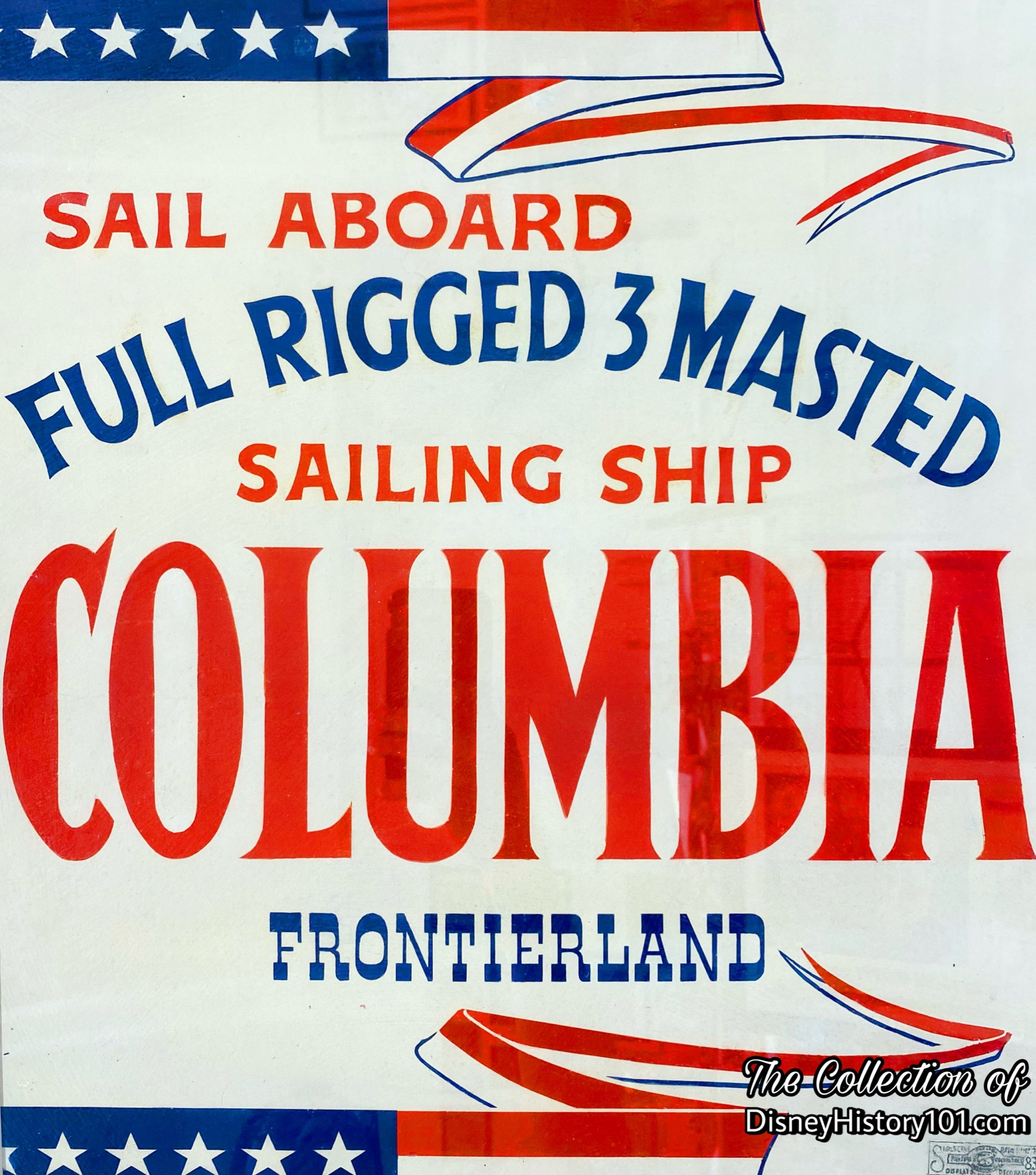
At Disneyland, signs were themed to support the stories with respectful graphics, colors, fonts, terminology, the overall design of sign, materials (wood, metal, banners, etc.), and verbiage used on the signage.
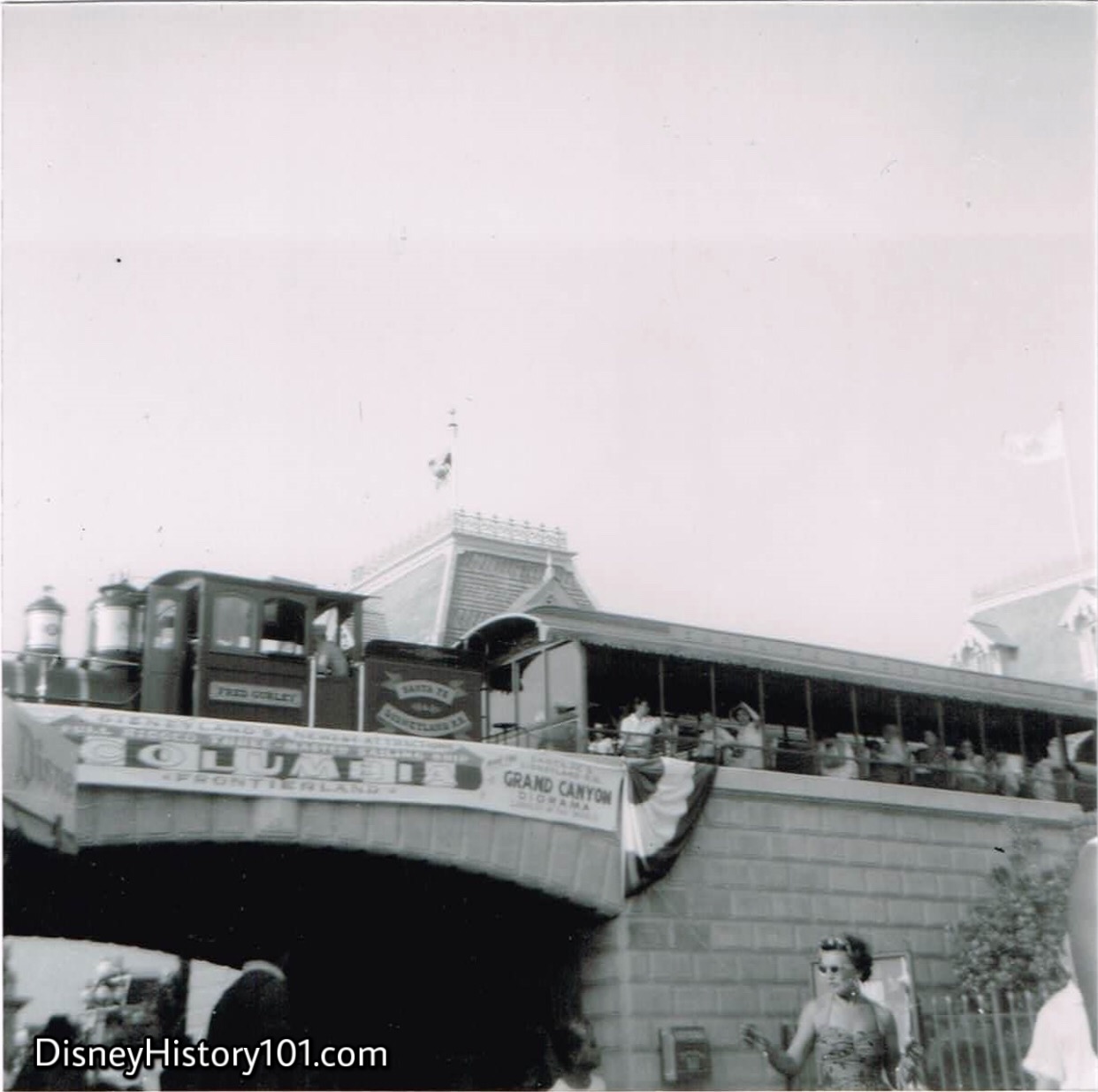
From the Marquee of Disneyland and its nearby Tunnels, guests were made aware of Disneyland’s newest attractions! While the rails of the Santa Fe & Disneyland Railroad granted Disneyland guests a magnificent view of the Grand Canyon, banners over the tunnels announced a new way to enjoy the Rivers of America - the sailing ship Columbia!
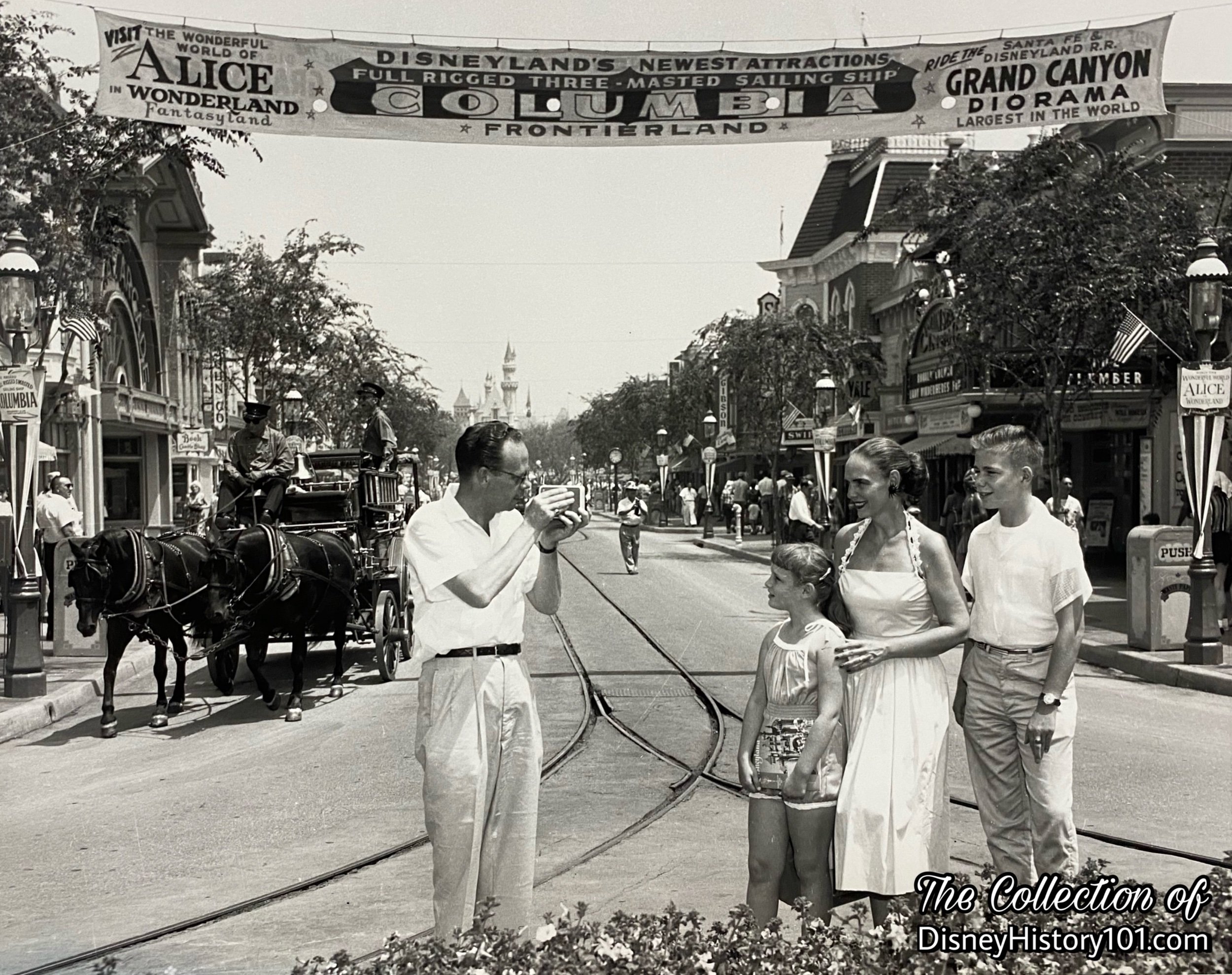
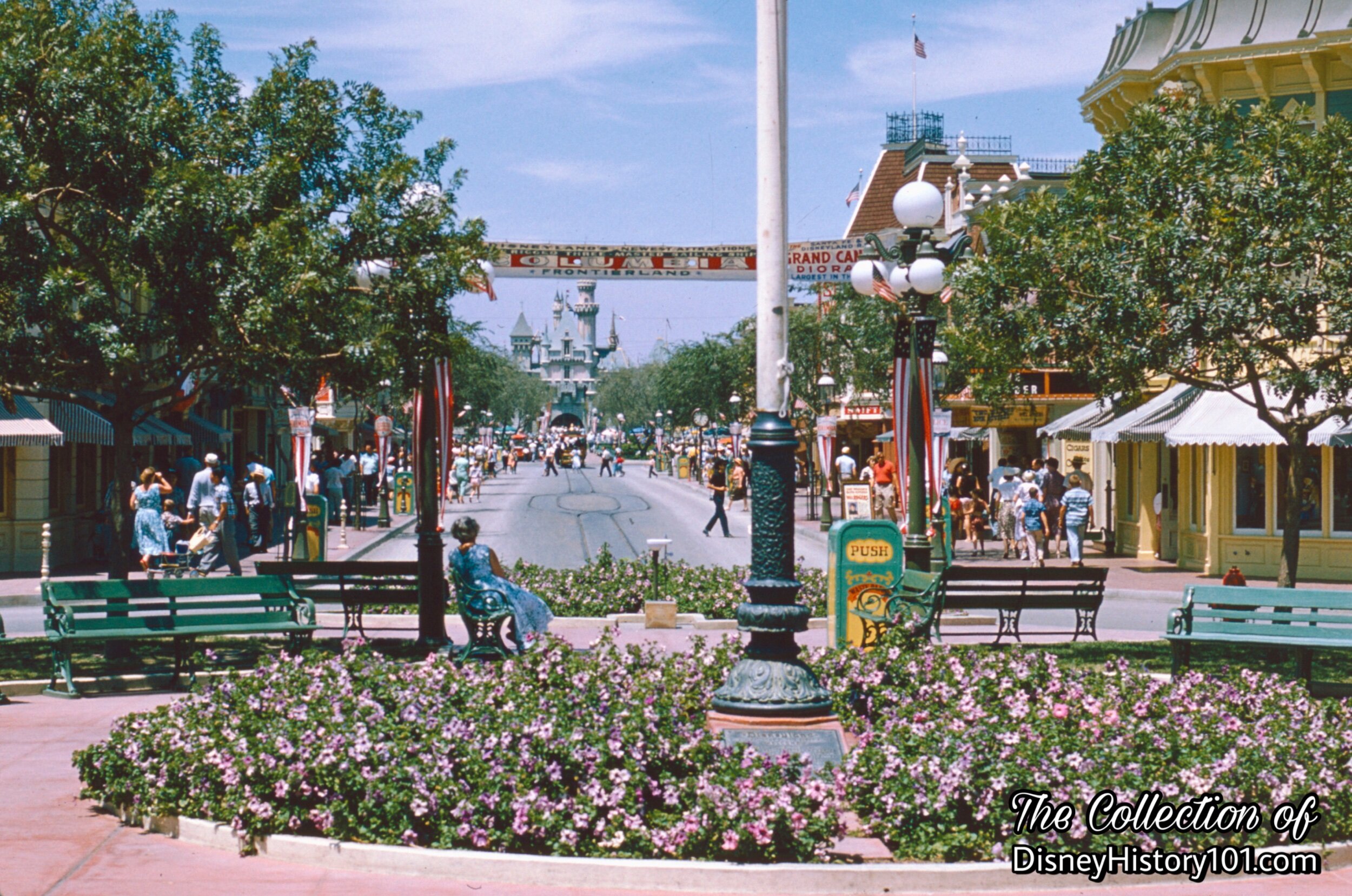
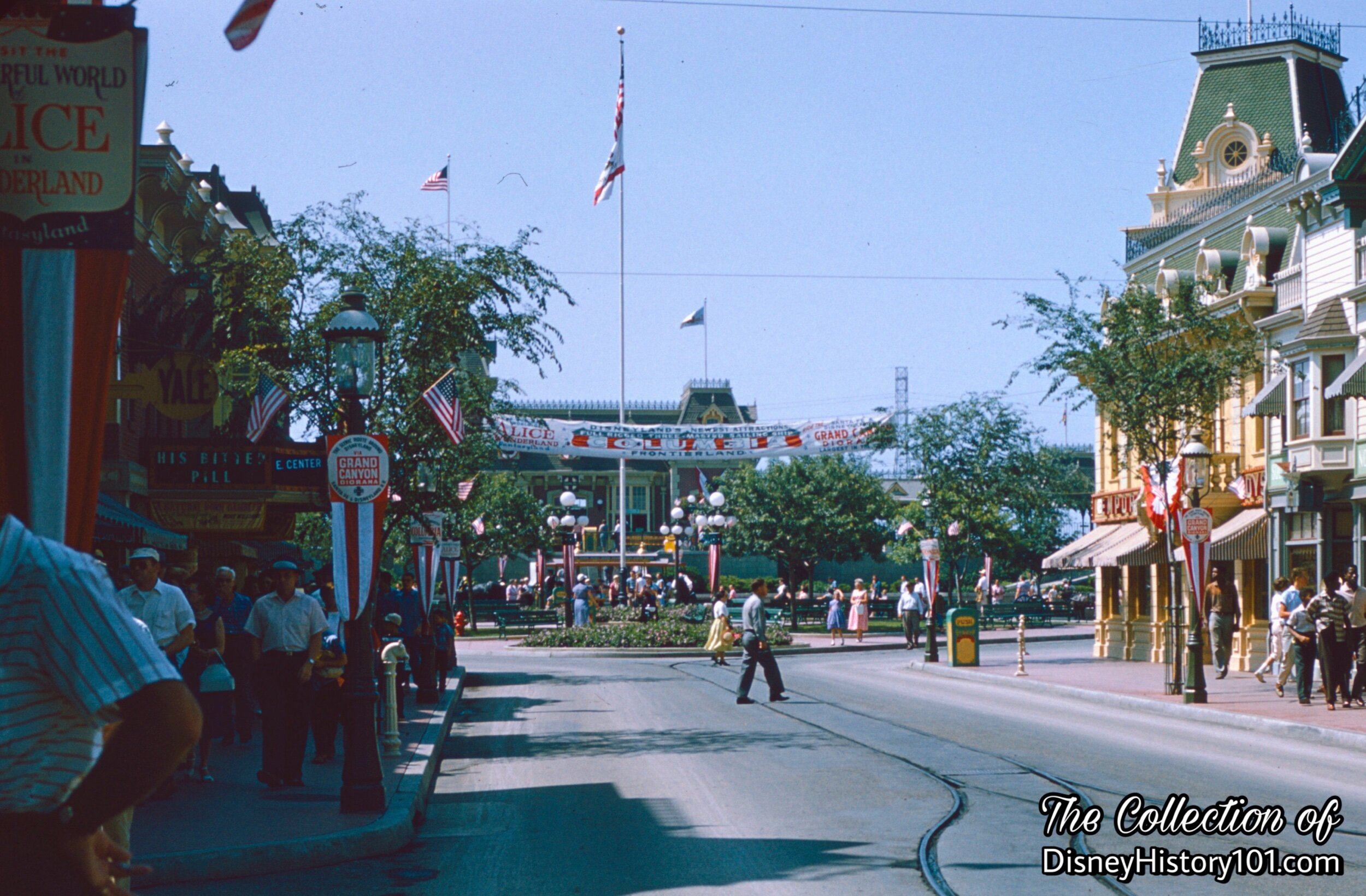
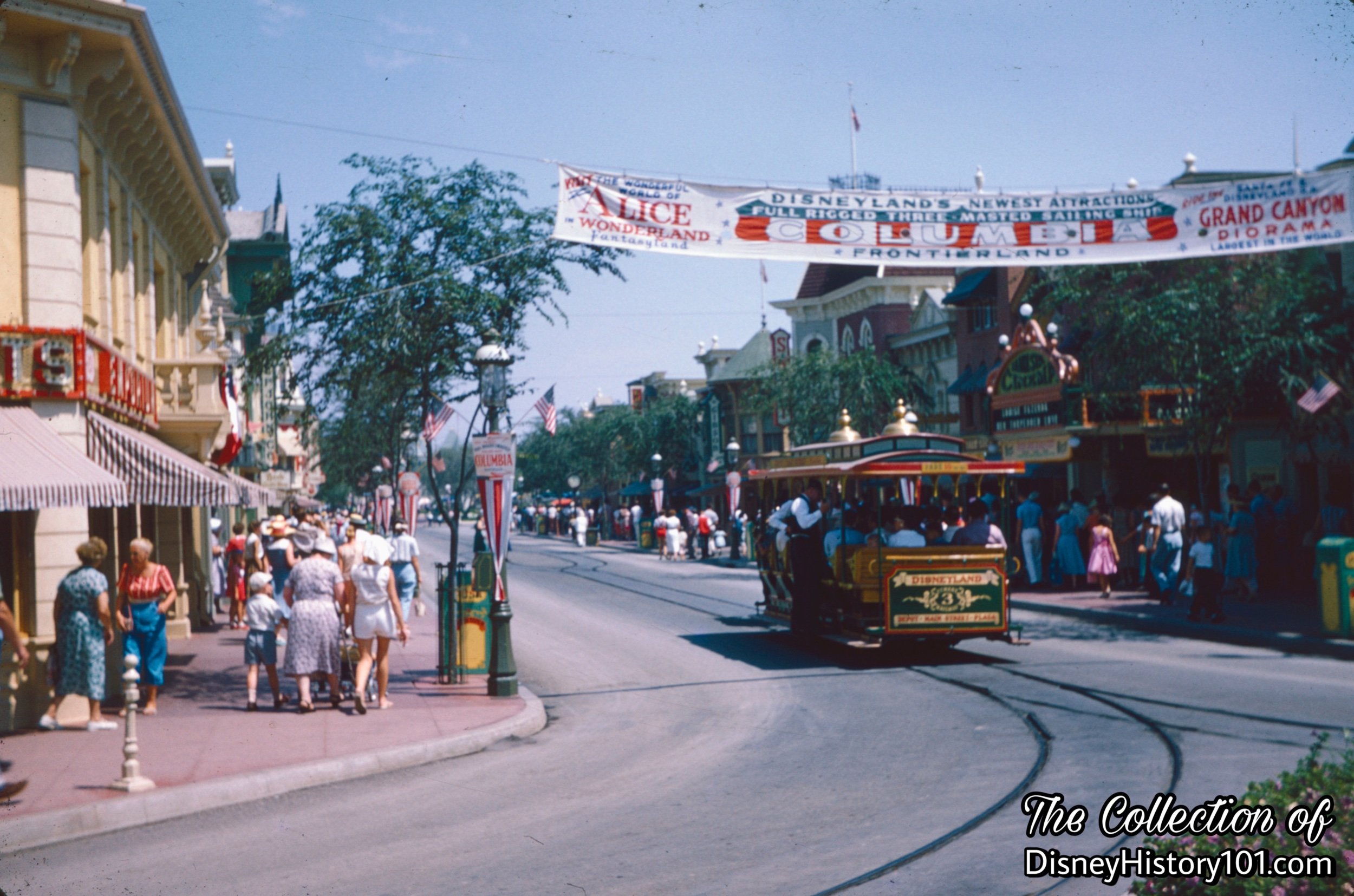
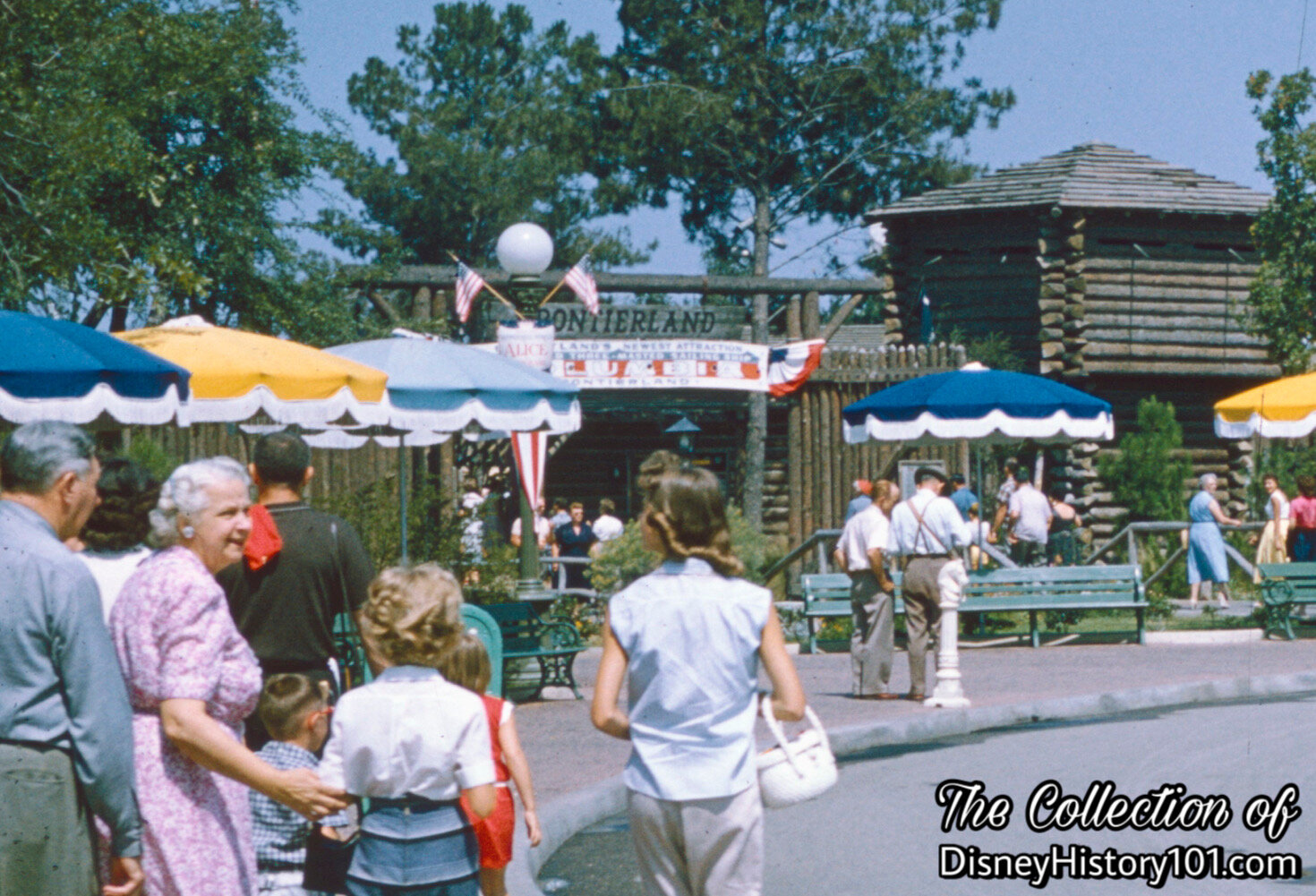
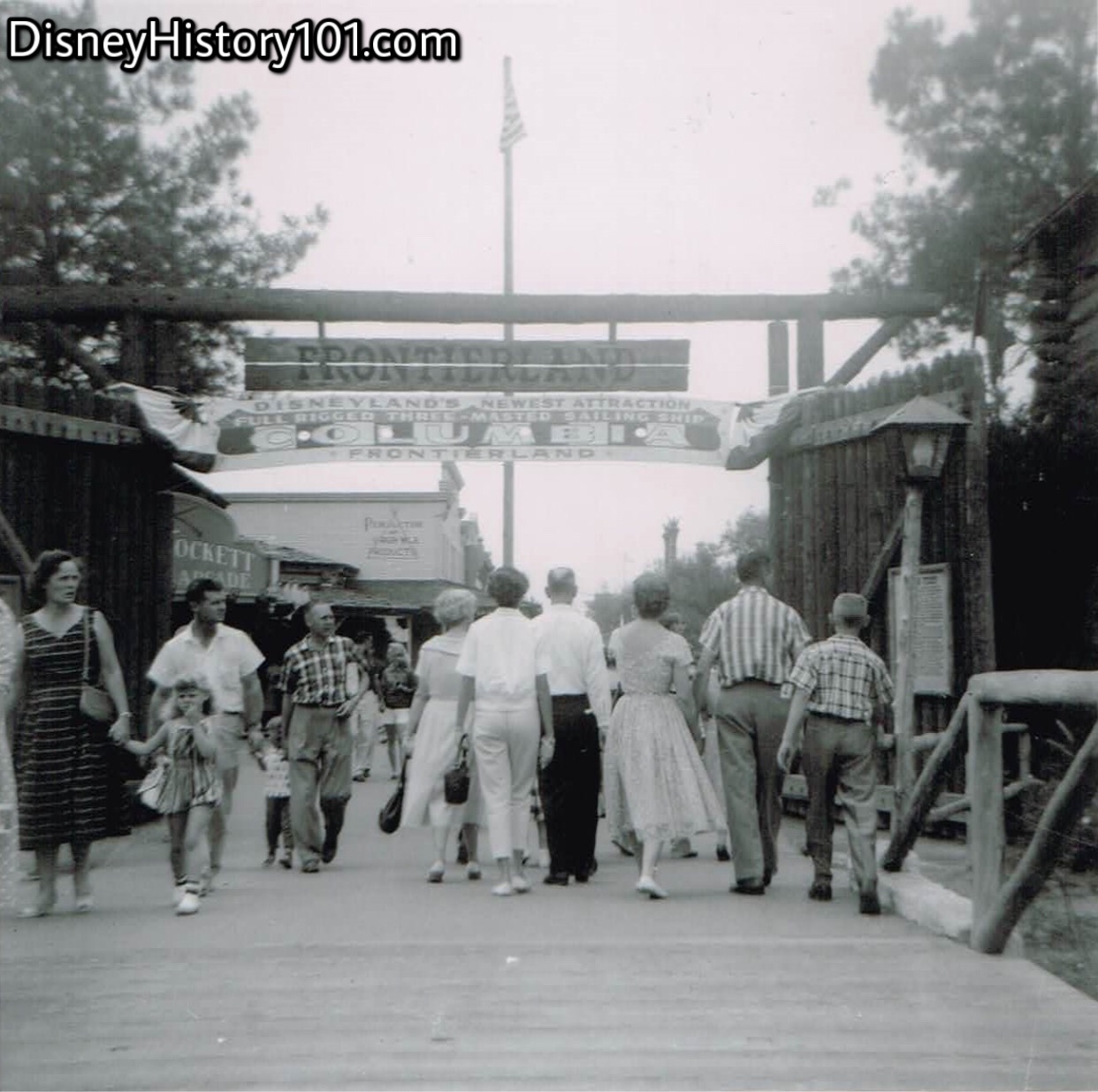
Banners and bunting strung across the Frontierland Stockade also heralded Disneyland’s newest attraction - the fully-rigged three masted Columbia!
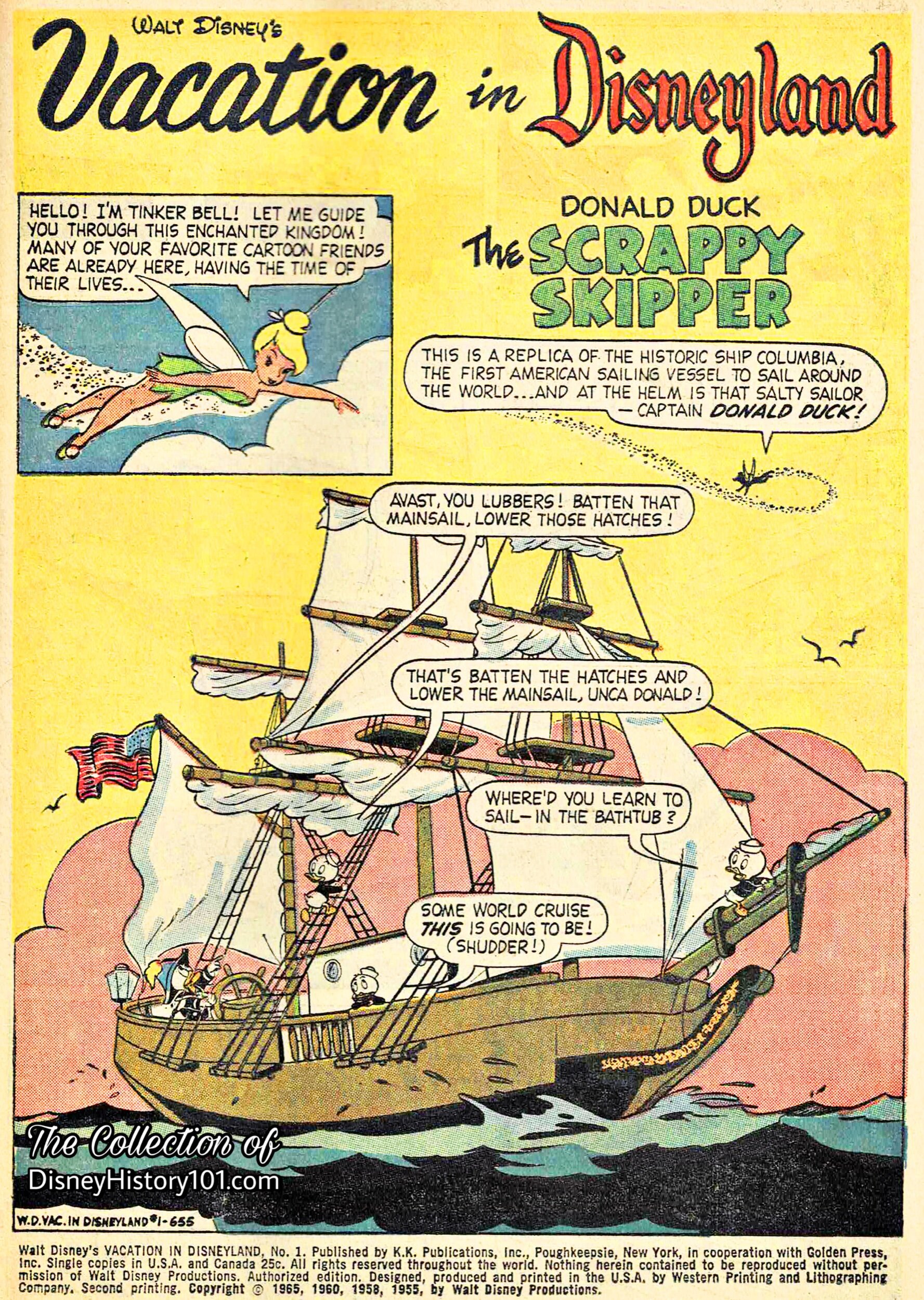

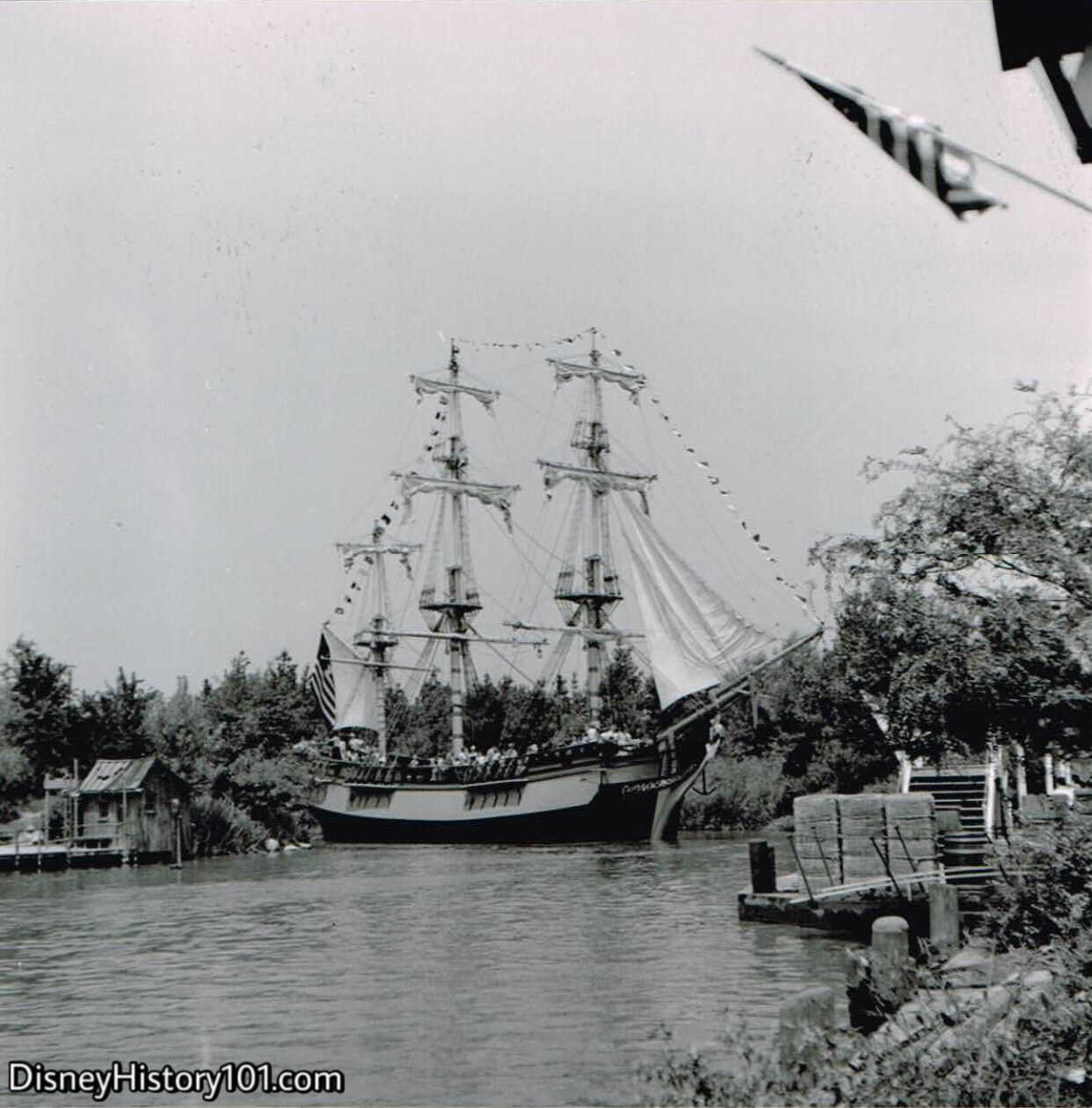
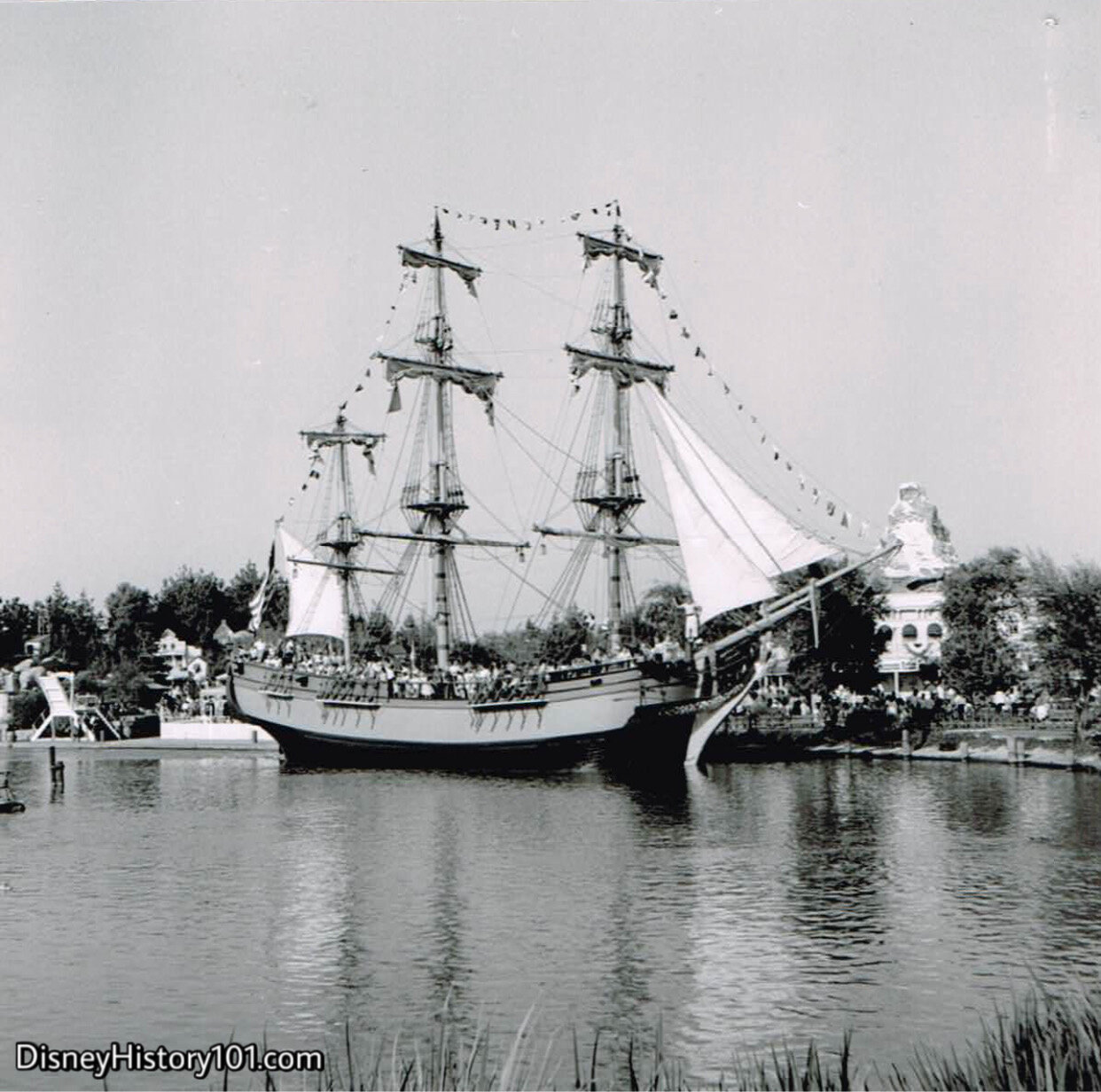
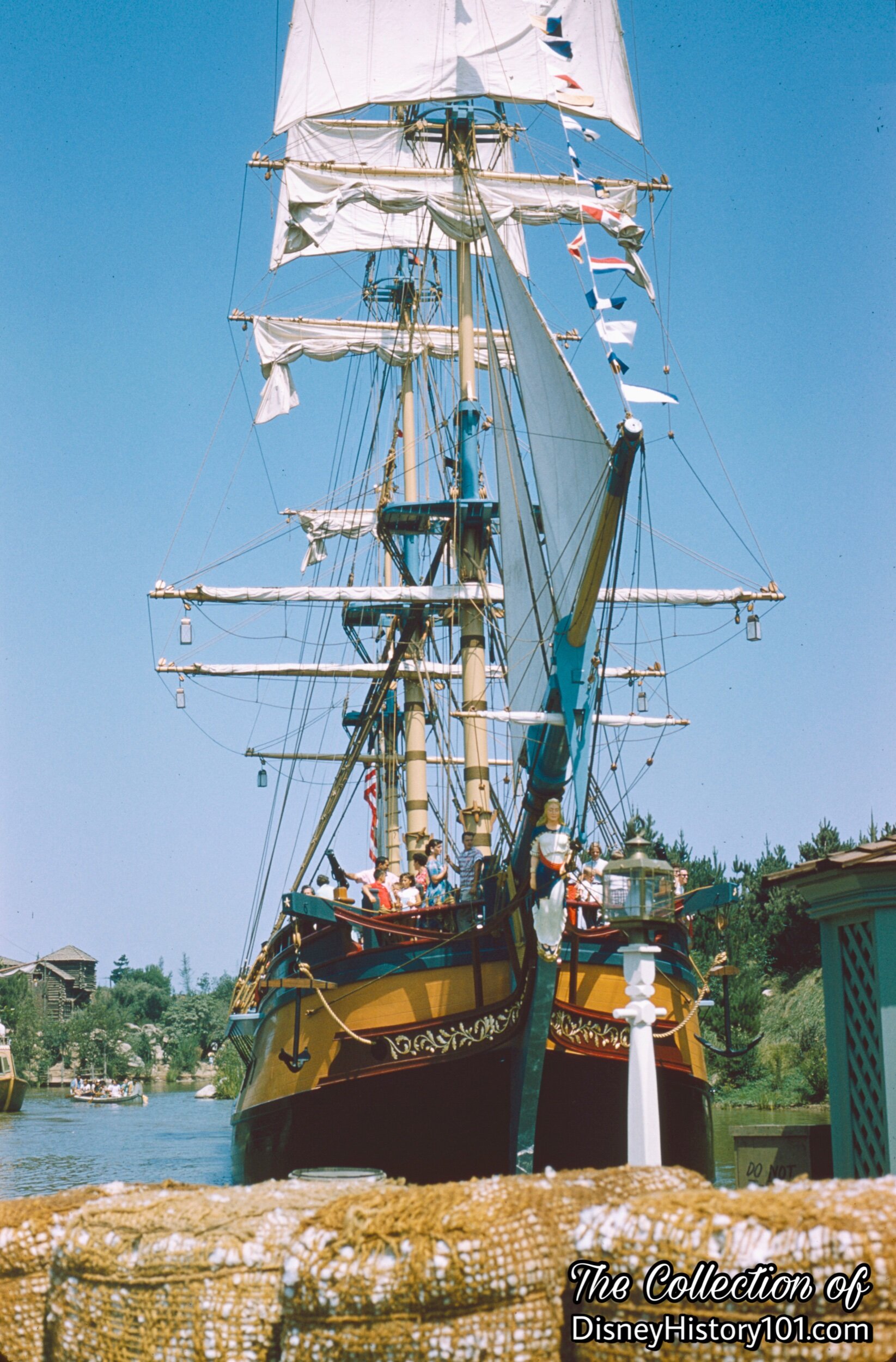
“STATISTICS”
We now present a few astounding facts and figures about Disneyland’s modern reproduction of the “full rigged, 3 masted” (and armed) 18th-century merchant Sailing Ship Columbia!
Beam : 26 feet, 6 inches
Bowsprit : 45 feet
Guns : 10
Length : 92 feet overall (according to “Disneyland Dictionary” printed October 1959), or (by some Admissions, Media & Attractions accounts) 93 feet ; a “130-foot-long replica of the first American ship to circumnavigate the globe,” according to “Walt Disney Disneyland,” page 42, printed by Officine Grafiche Arnoldo Mondadori - Verona; first published 1964.
Main Mast : 84 feet
Maximum Passengers : 275 people
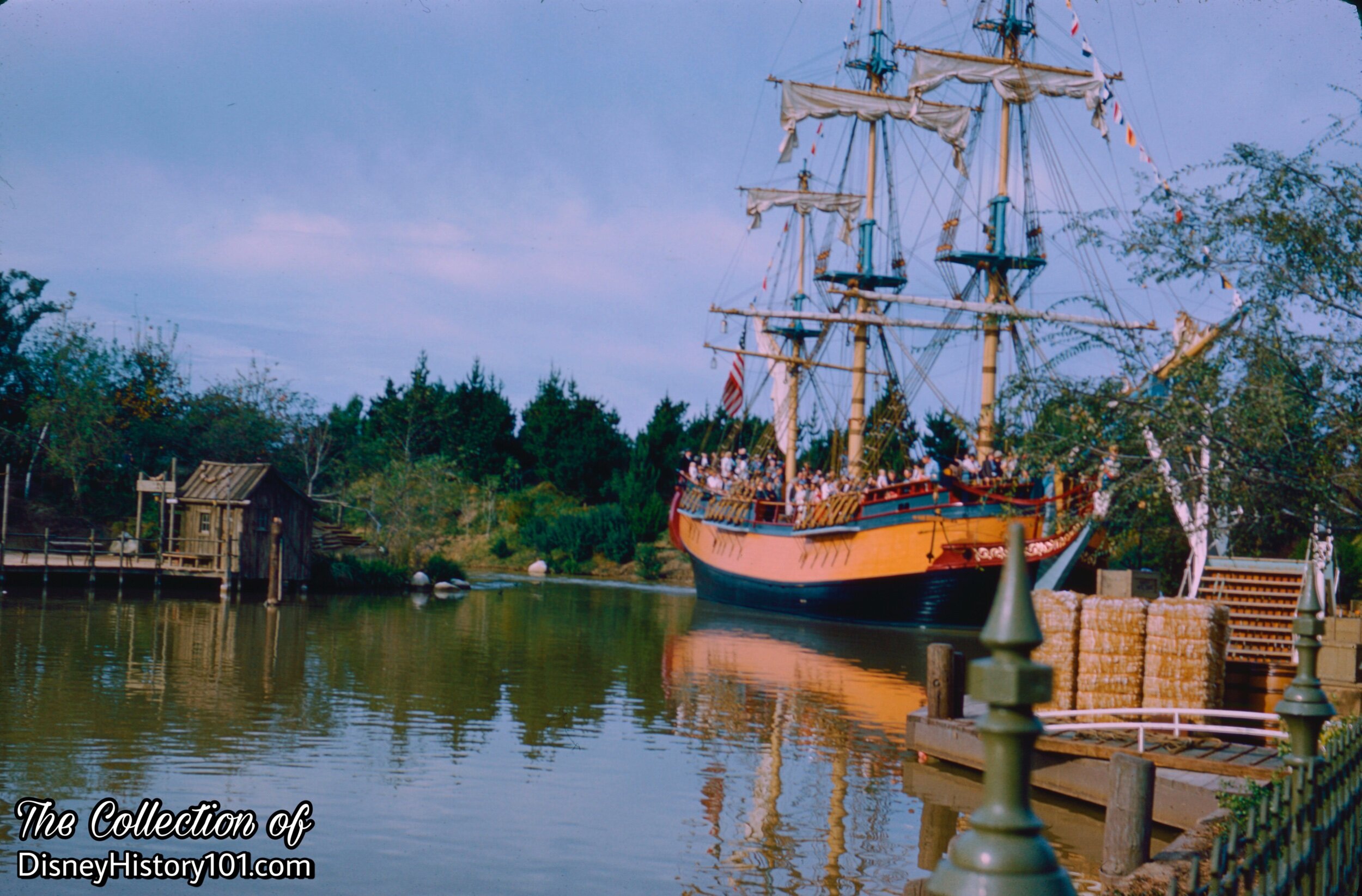


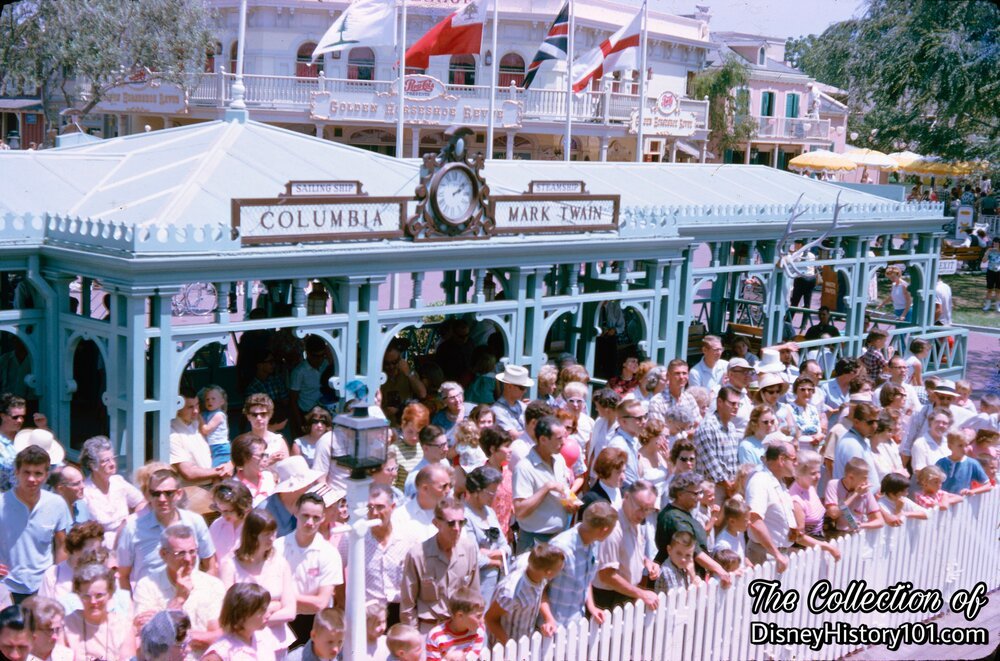
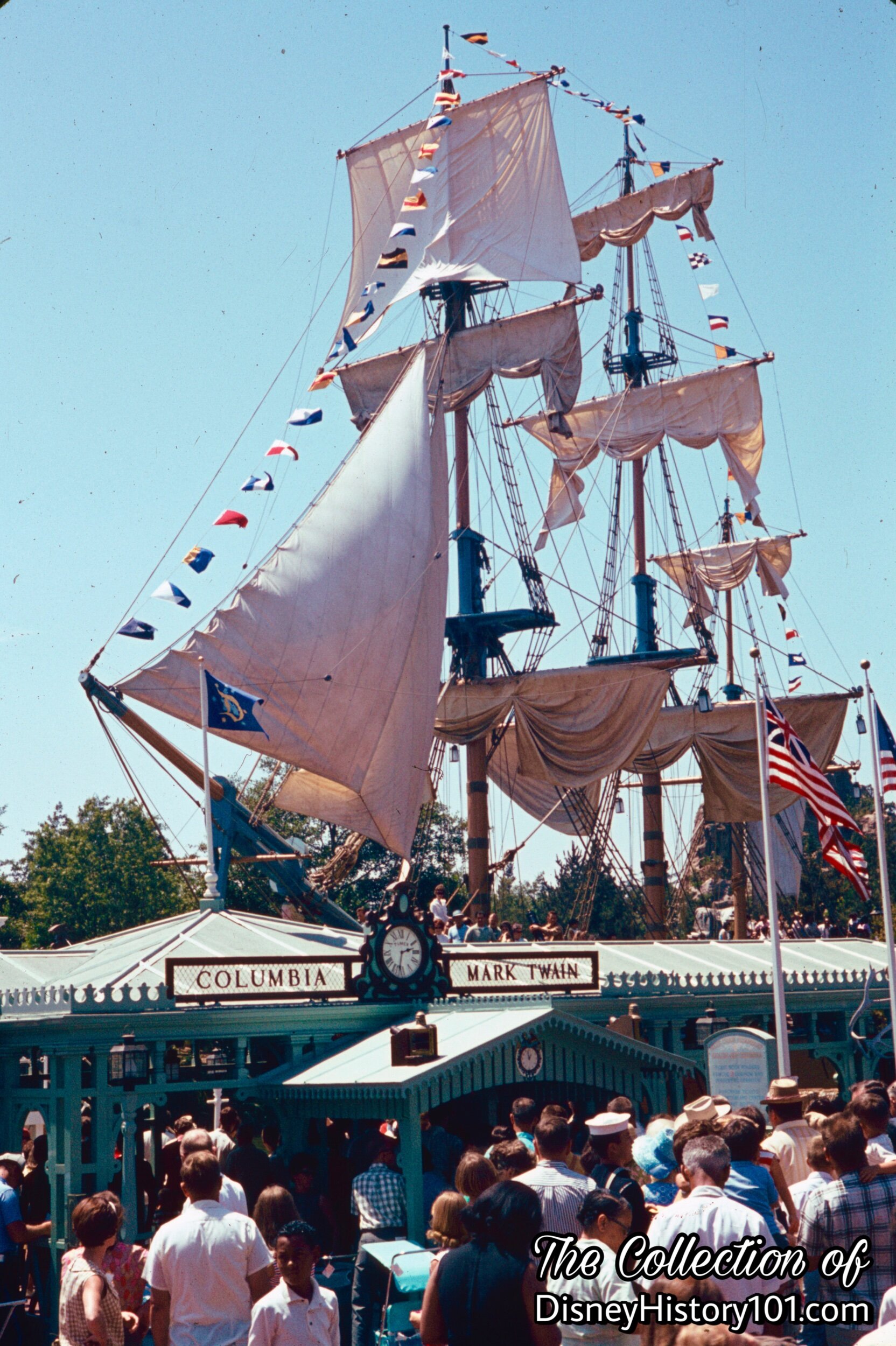

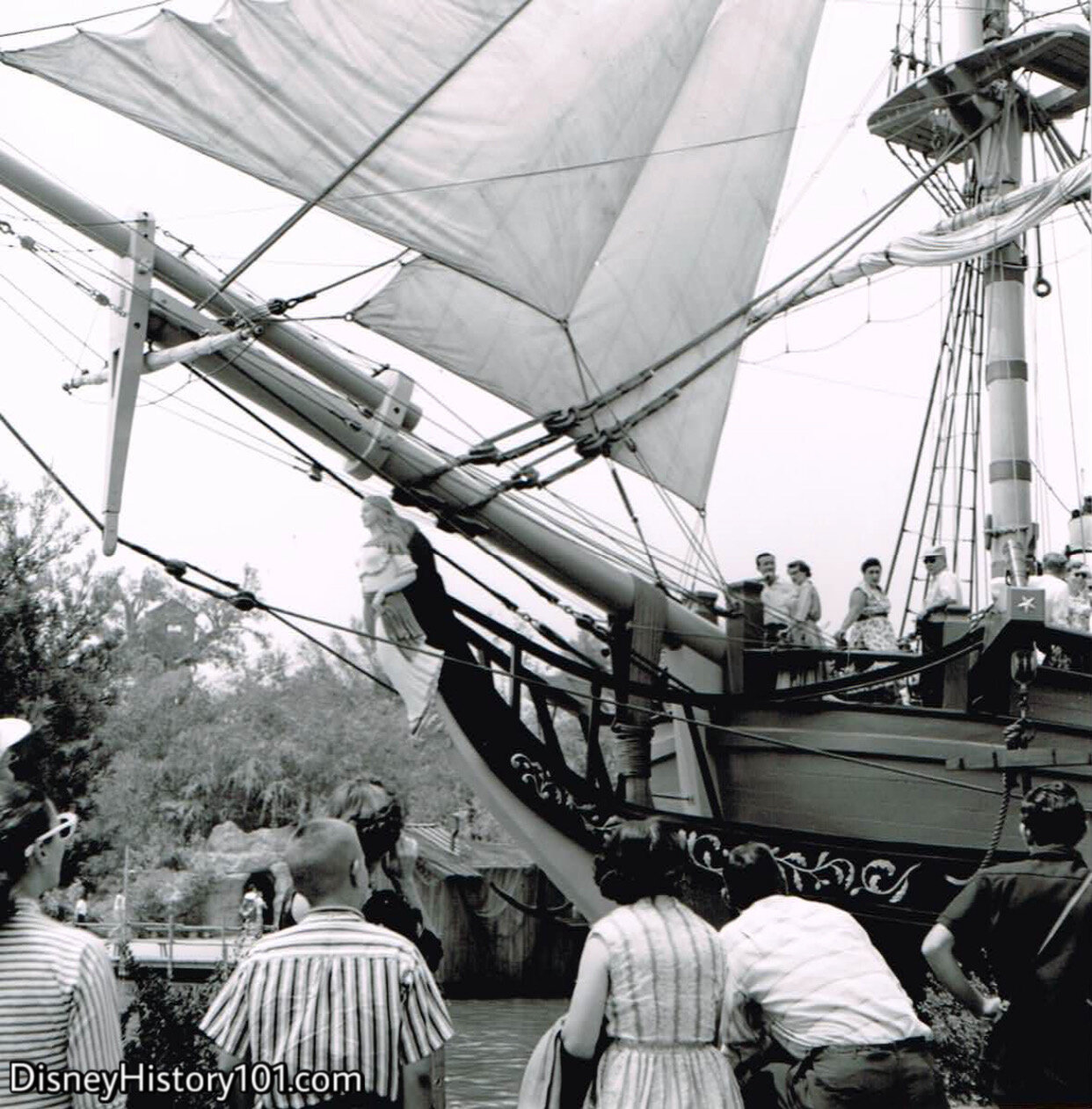
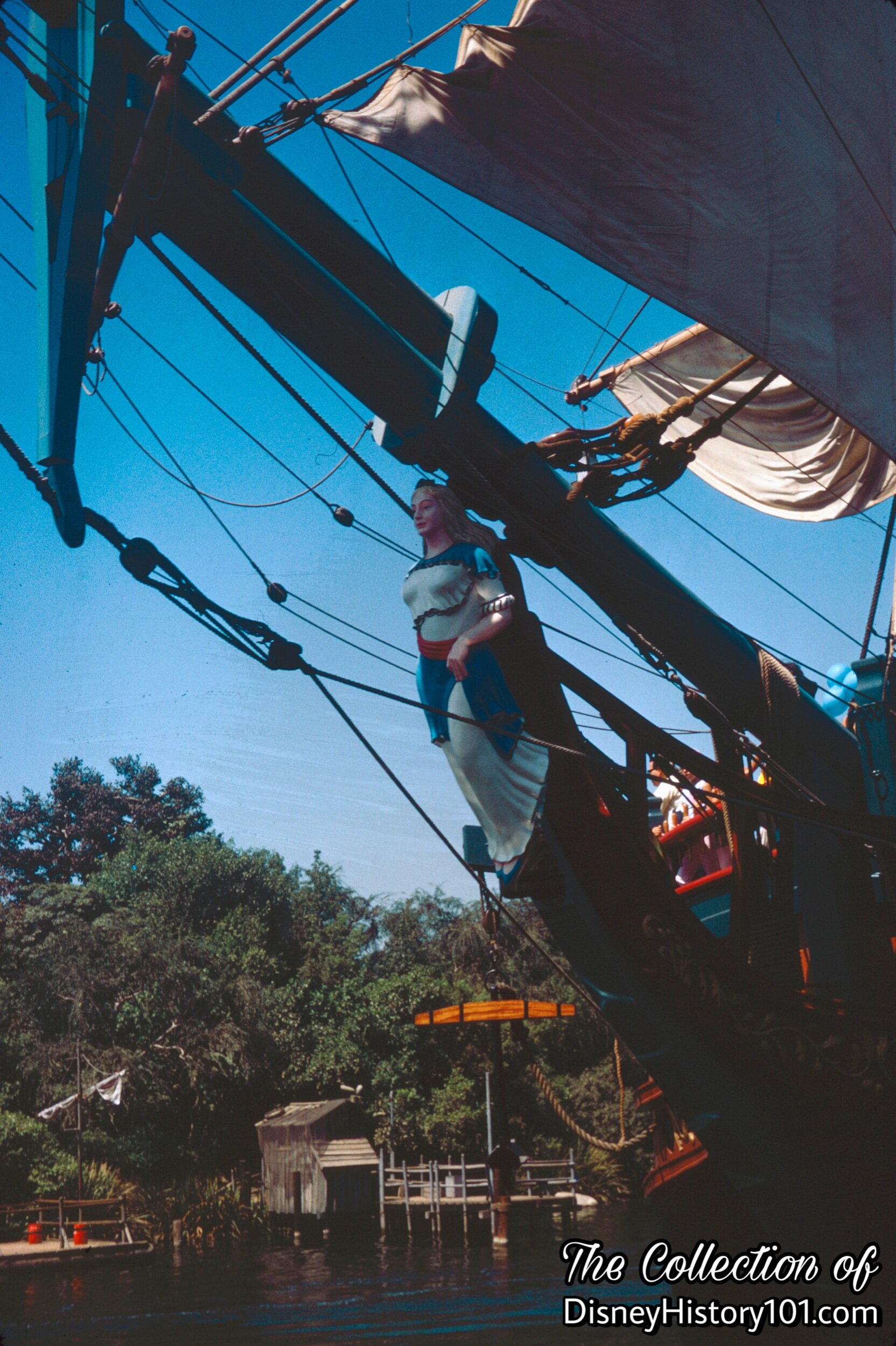
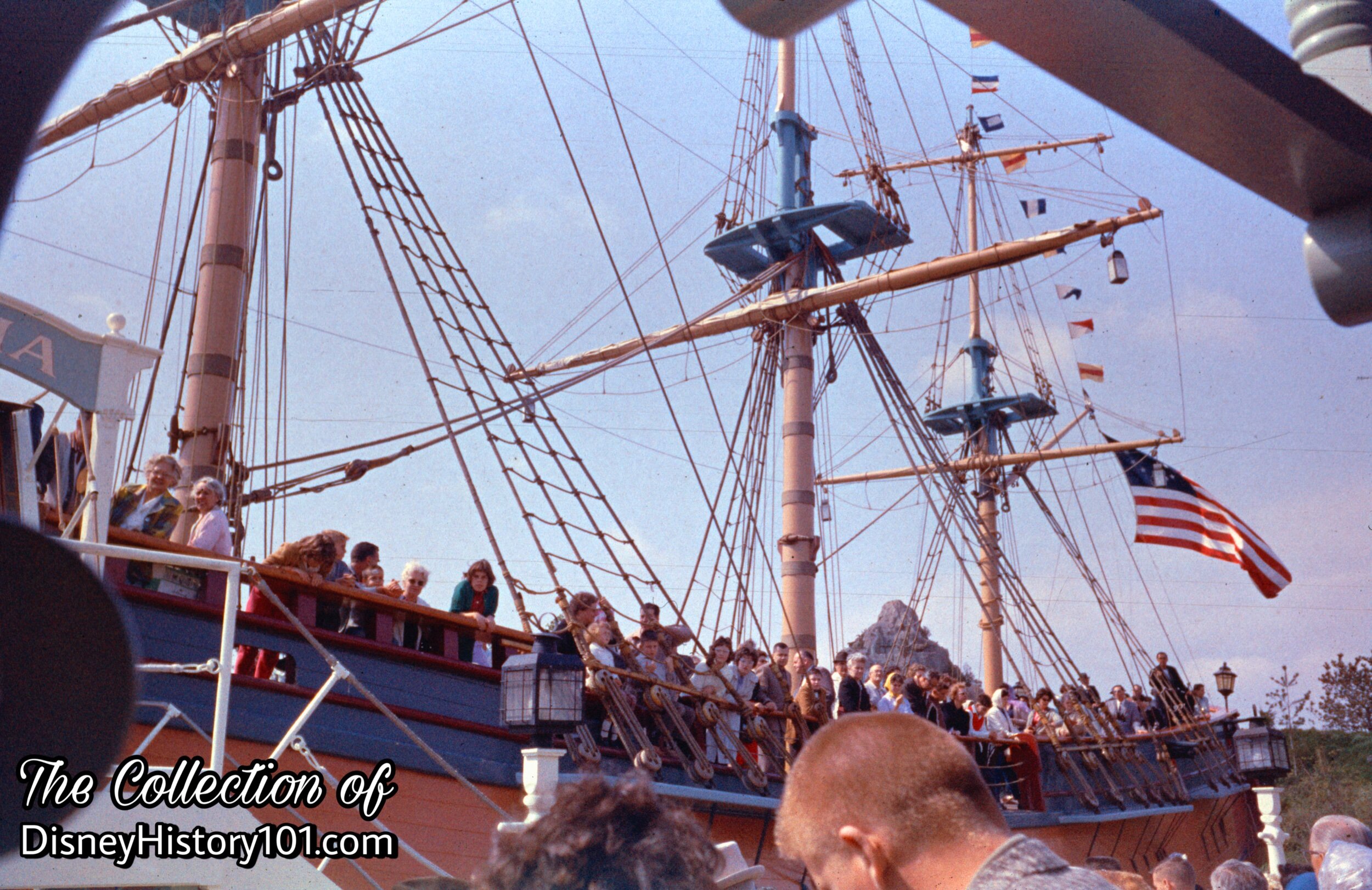
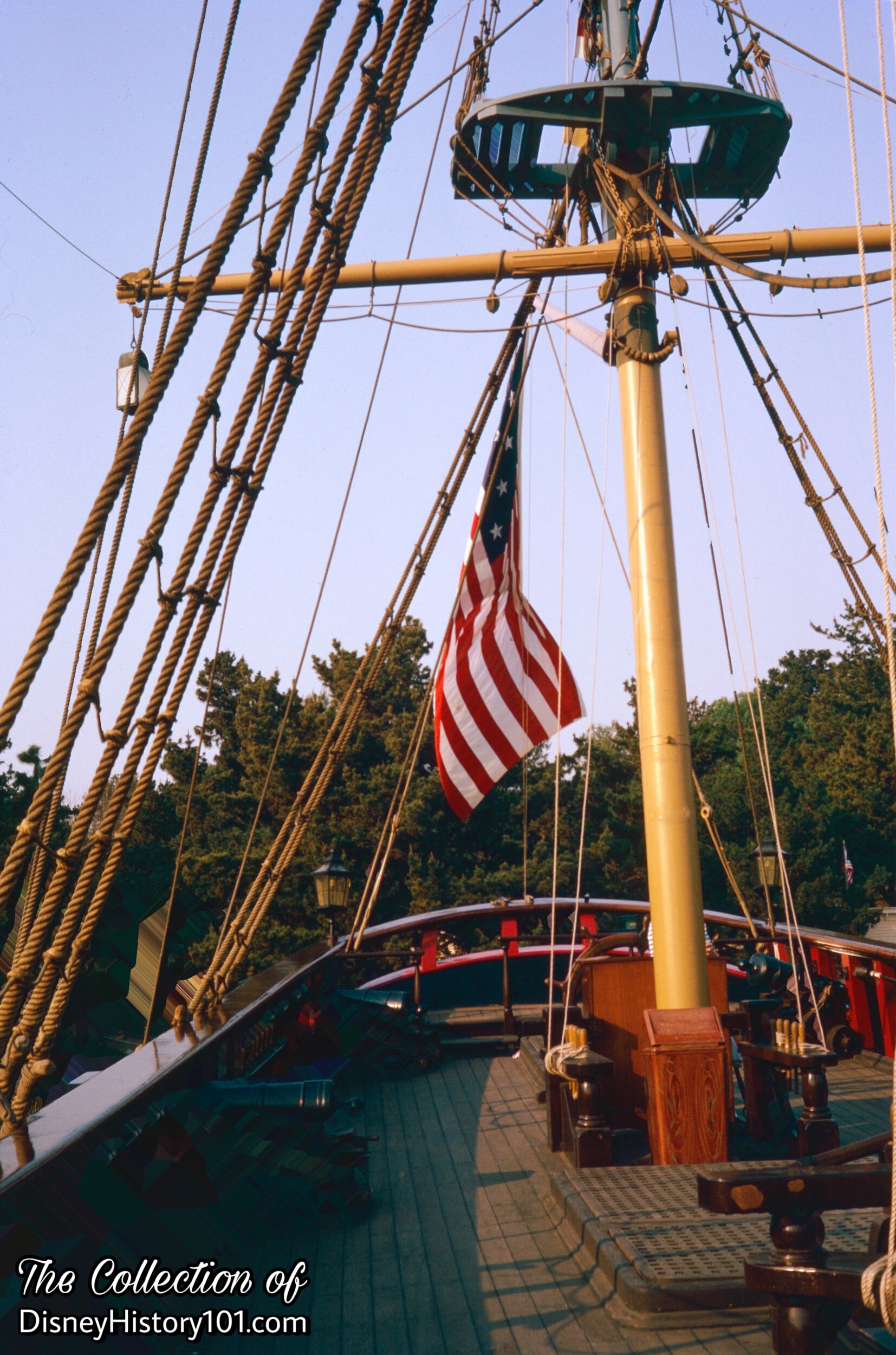
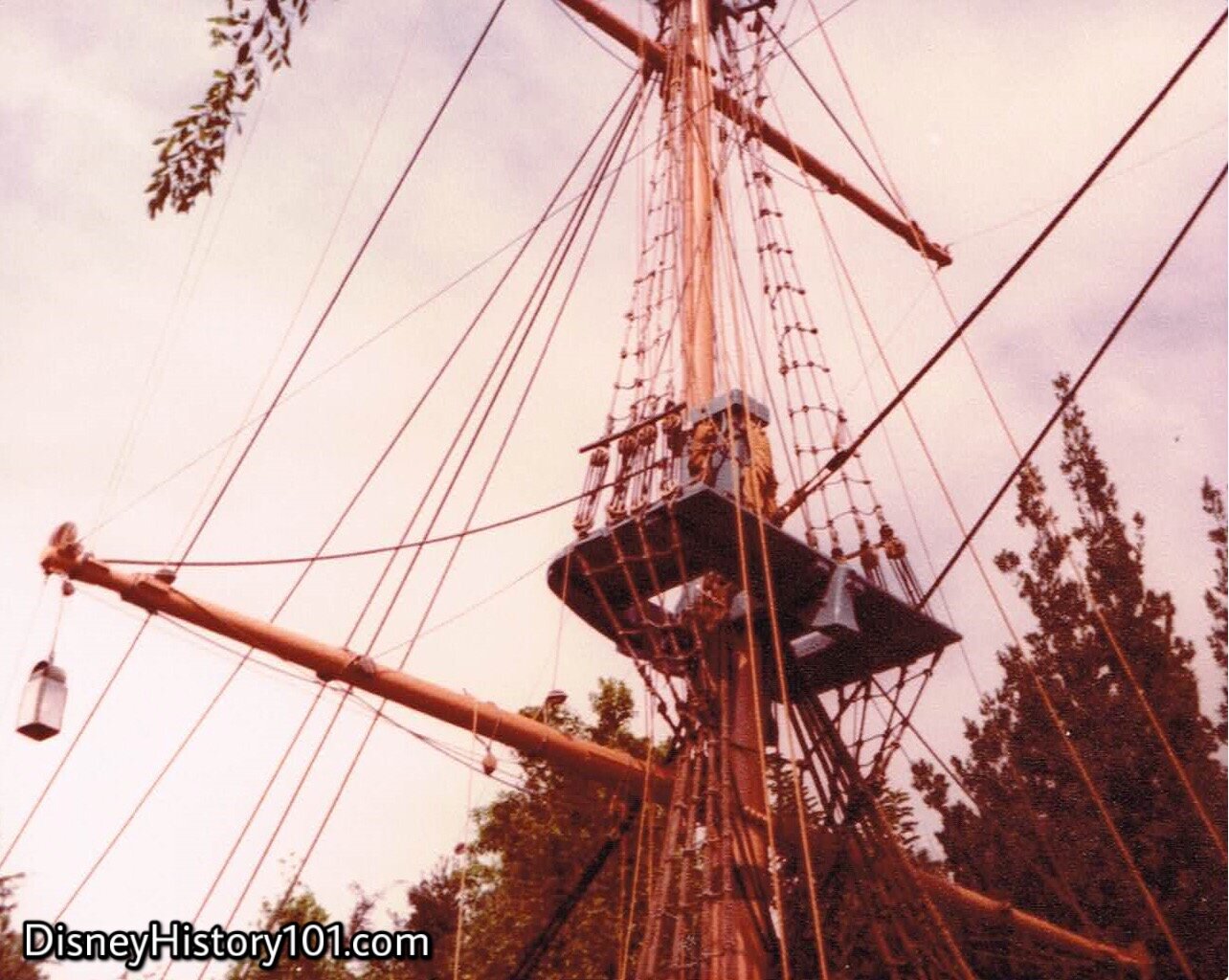
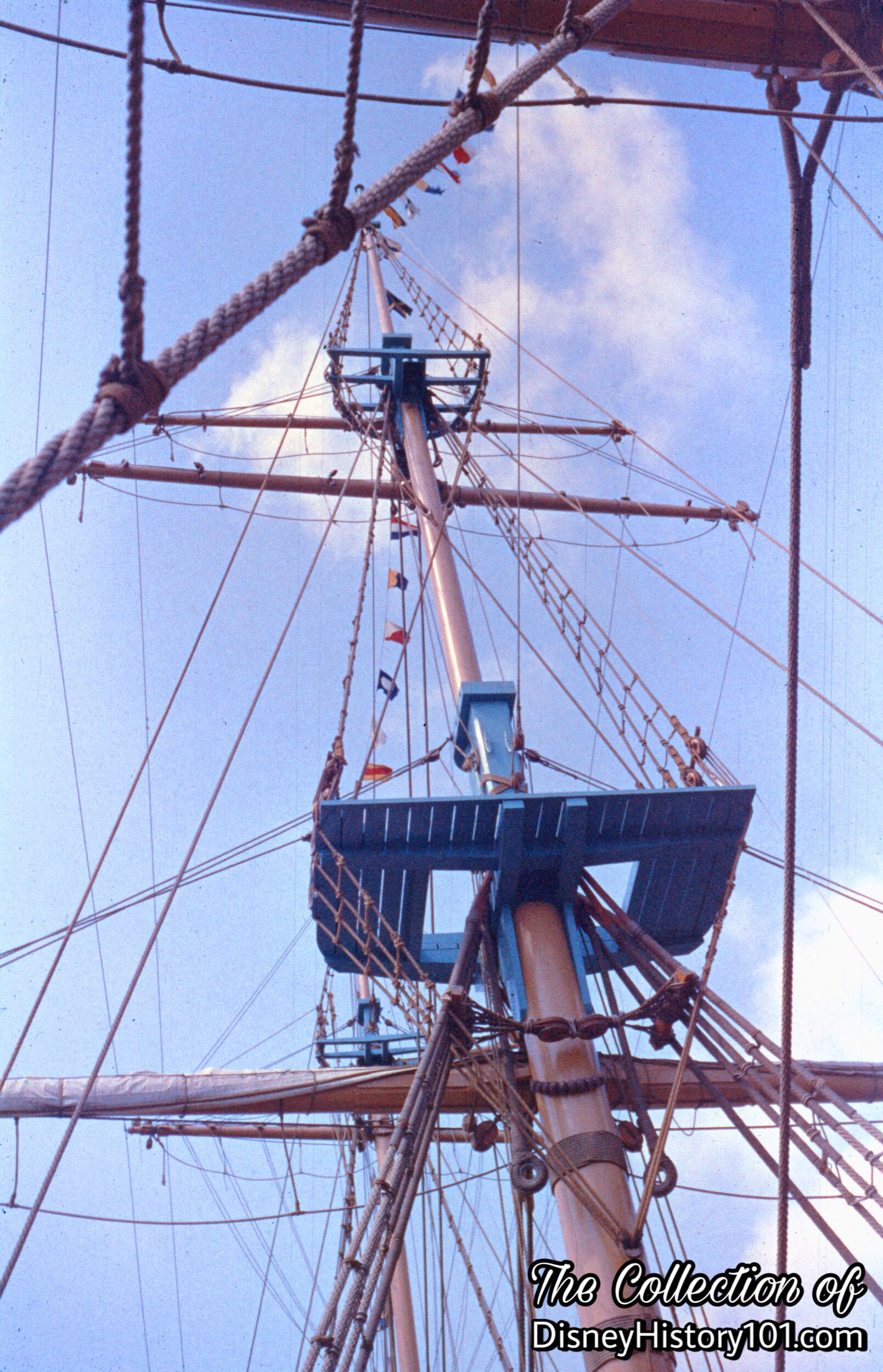
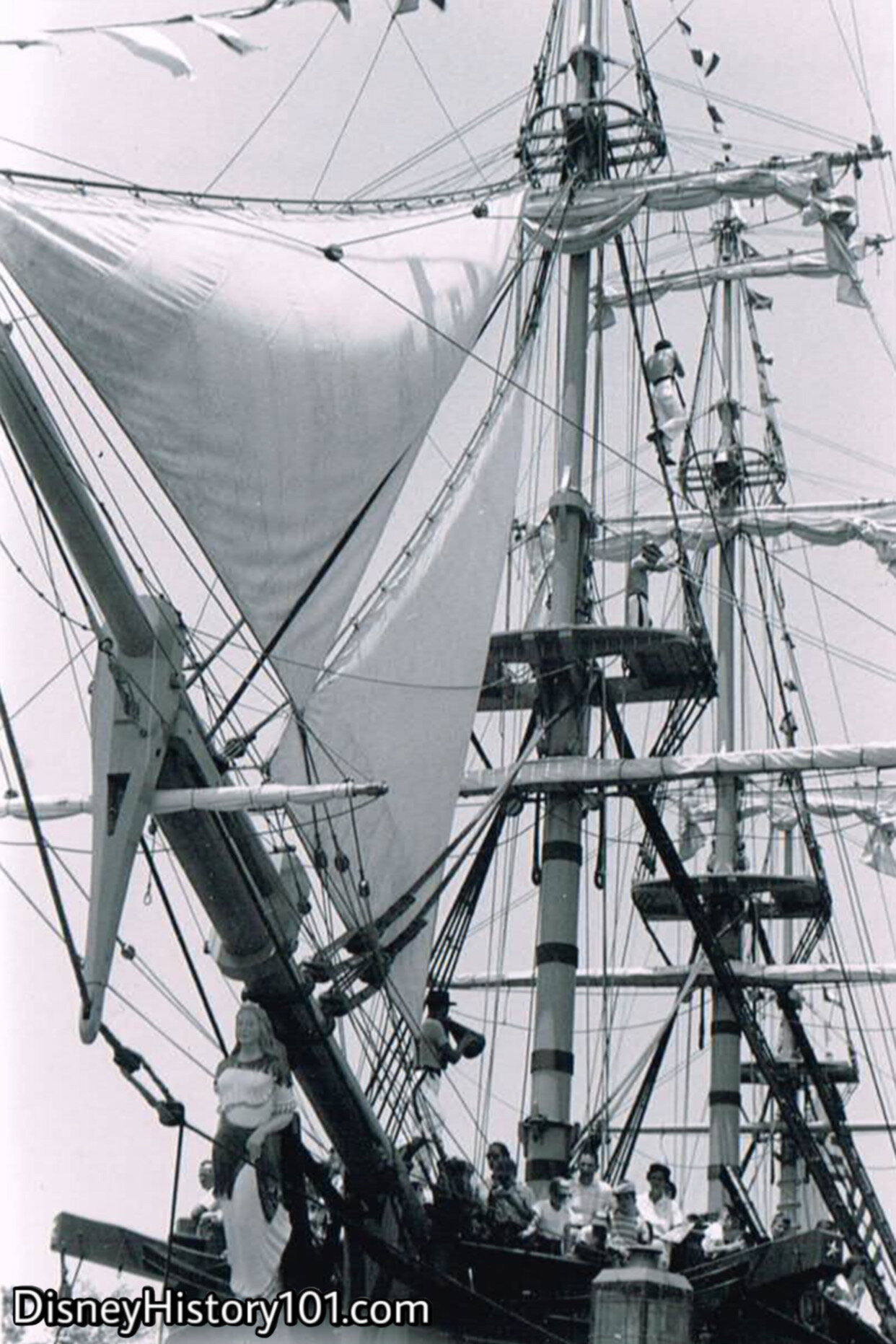
There were often Attractions Host Crewmen spotted near the Top of a Mast.
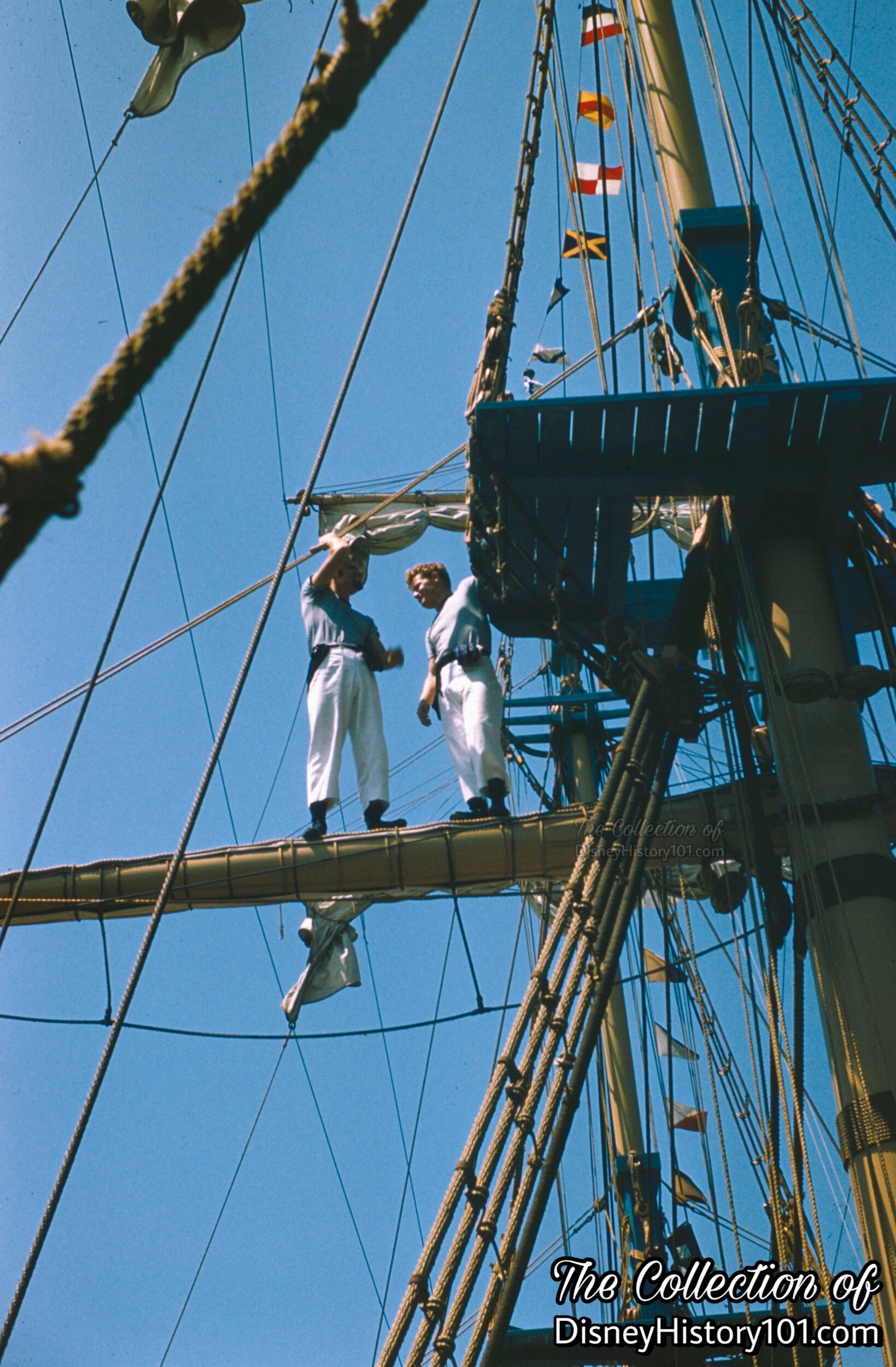
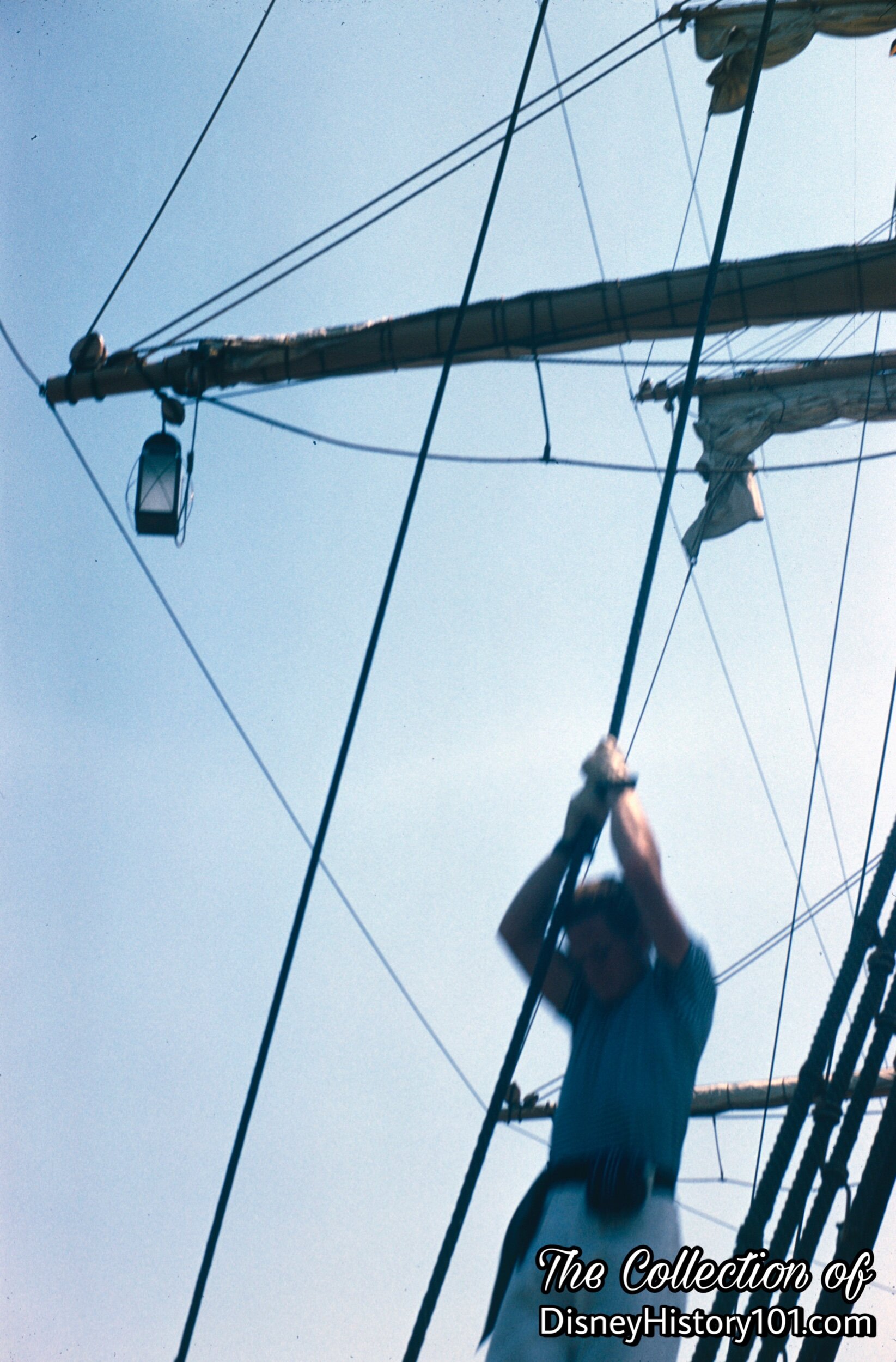
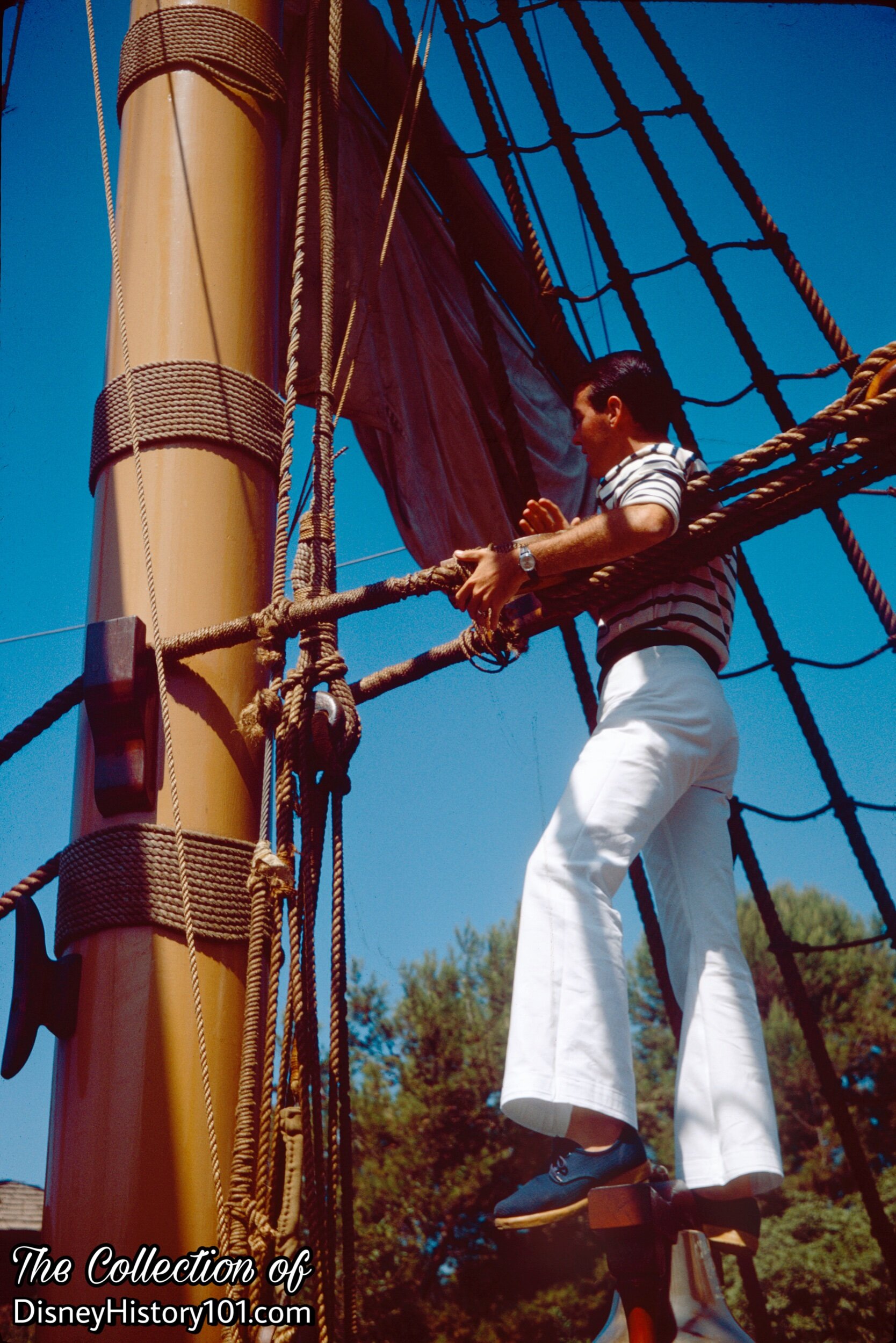
There’s adventure on the “high seas” (and Rivers) of America too! The Columbia’s “lookout” scans for adventure along the river banks from the bell headstock of the foremast. A number of notable Disneyland Cast Members and Walt Disney Imagineers had their start on the deck of the Columbia, like Randy Bright, who “enlisted in the Disneyland Navy,” during the summer of 1959. He became a lead on the Sailing Ship Columbia, and we would see him up climbing the rigging.
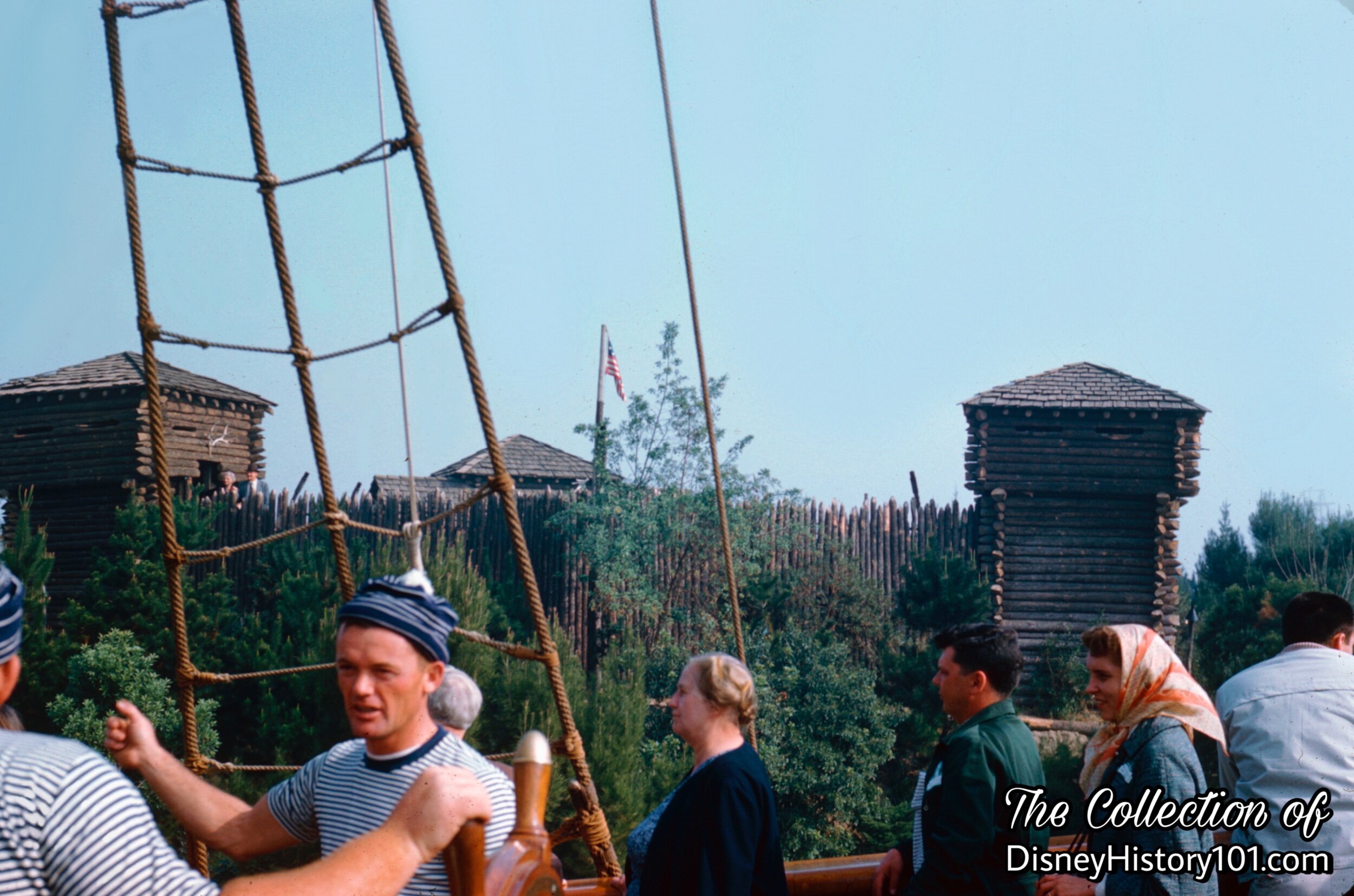
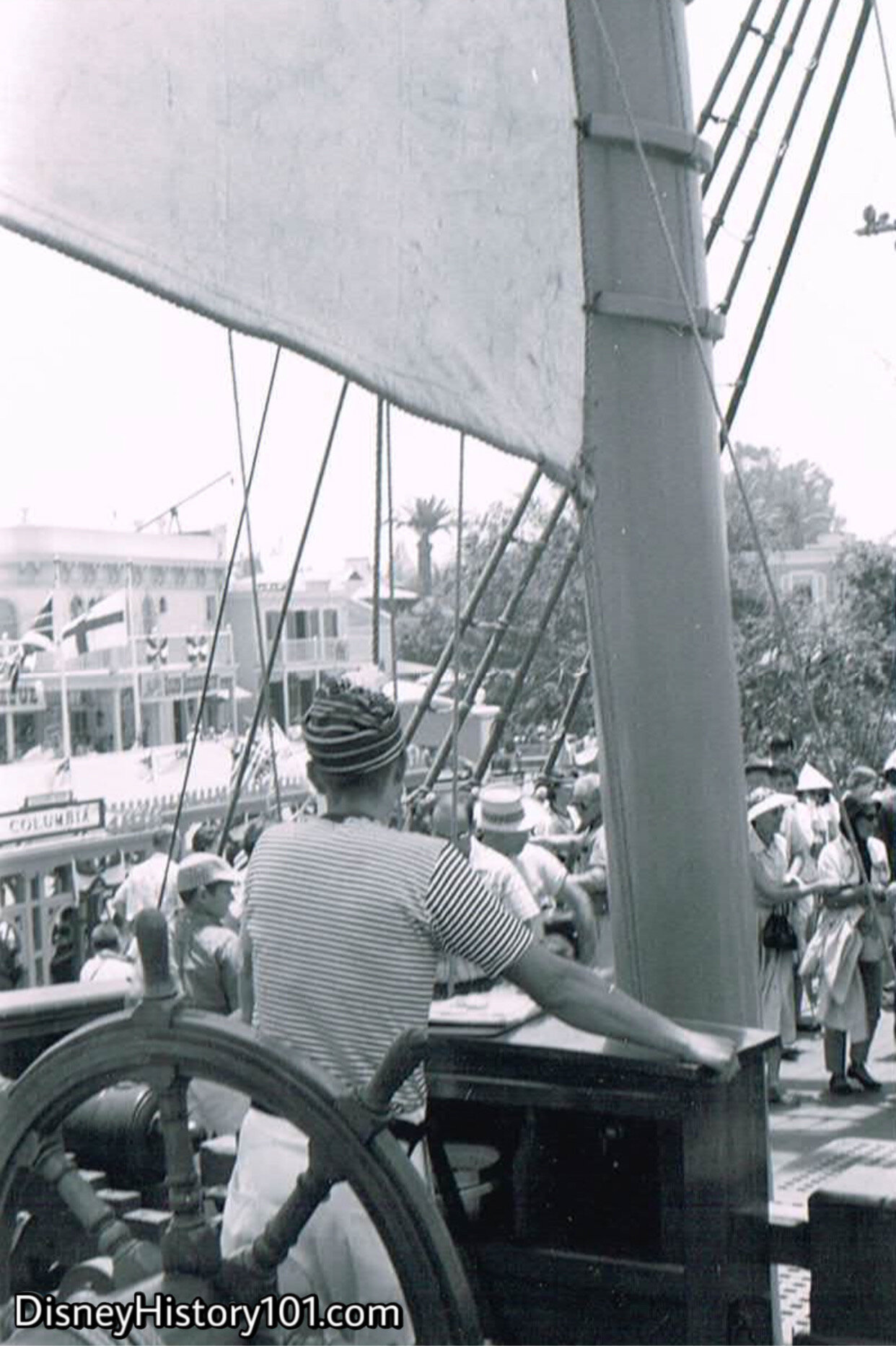
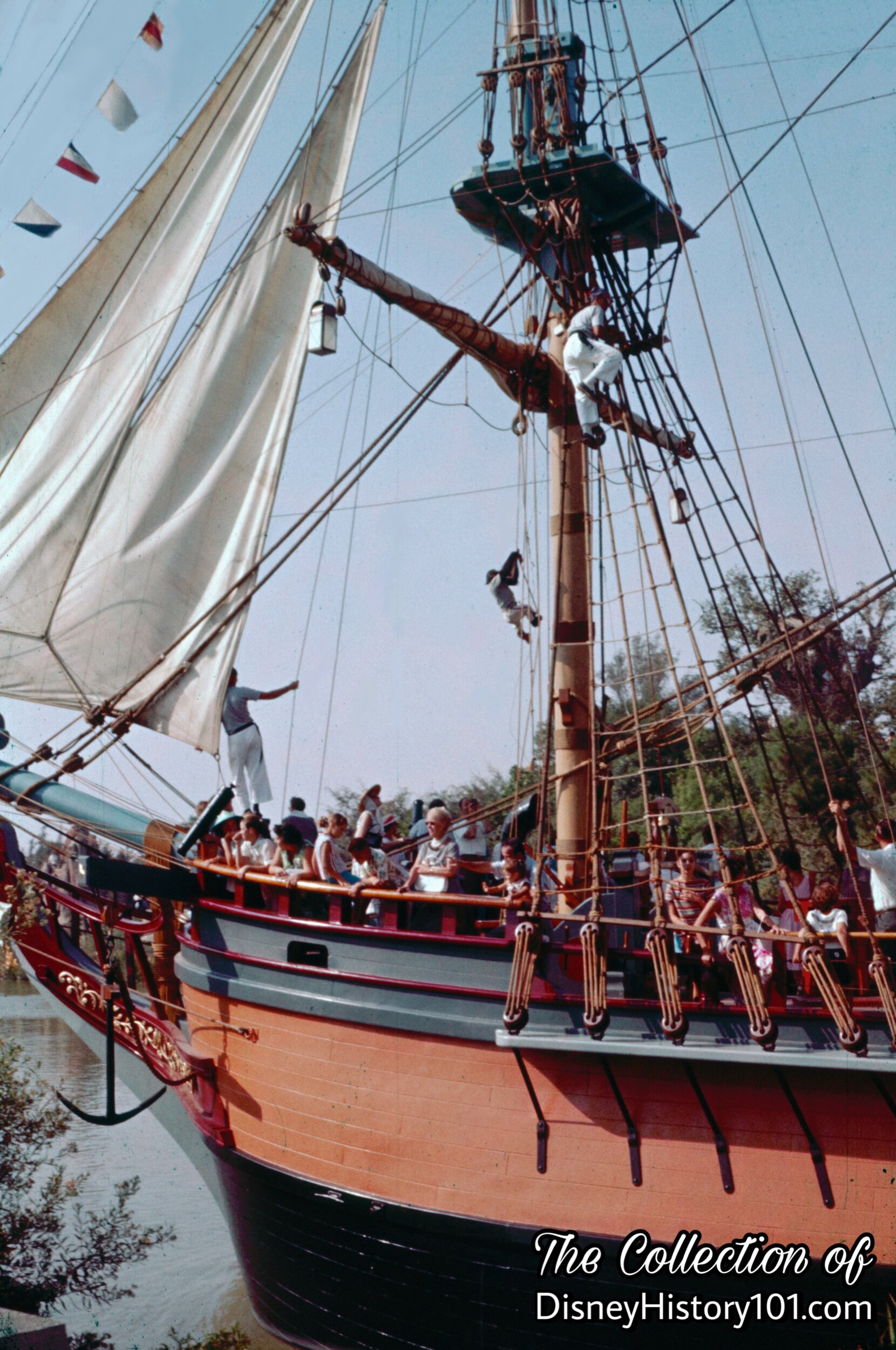
Long before Guests were wondering about what was below the deck, their attention was directed to high seas action in the rigging, high above the deck. You may feel like “the monkey’s uncle” to discover that the Columbia was once invaded by Mouseketeers, Wally Boag and the Pirates of the Caribbean, and even (during the summer of 1958)…chimps ahoy! These simian Cast Members actually “upstaged” their fellow human Cast Members, stealing the show.
This wasn’t the first time that chimpanzees entertained at Disneyland. Beatrice Dante strolled with her chimp Charlie, in the Mickey Mouse Club Circus Parade.

The whole affair continued for a few months until the barefoot executives would finally go home.
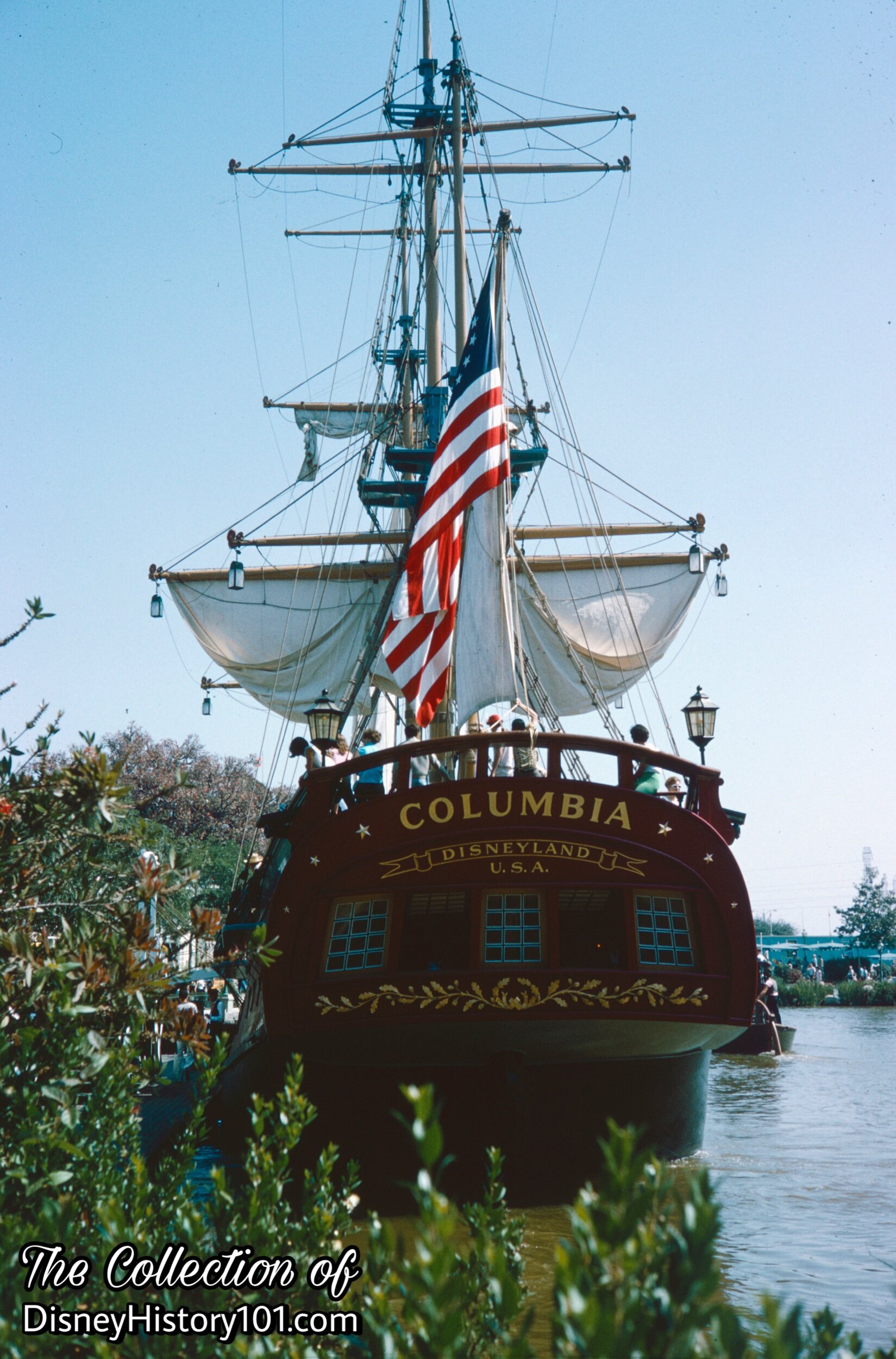
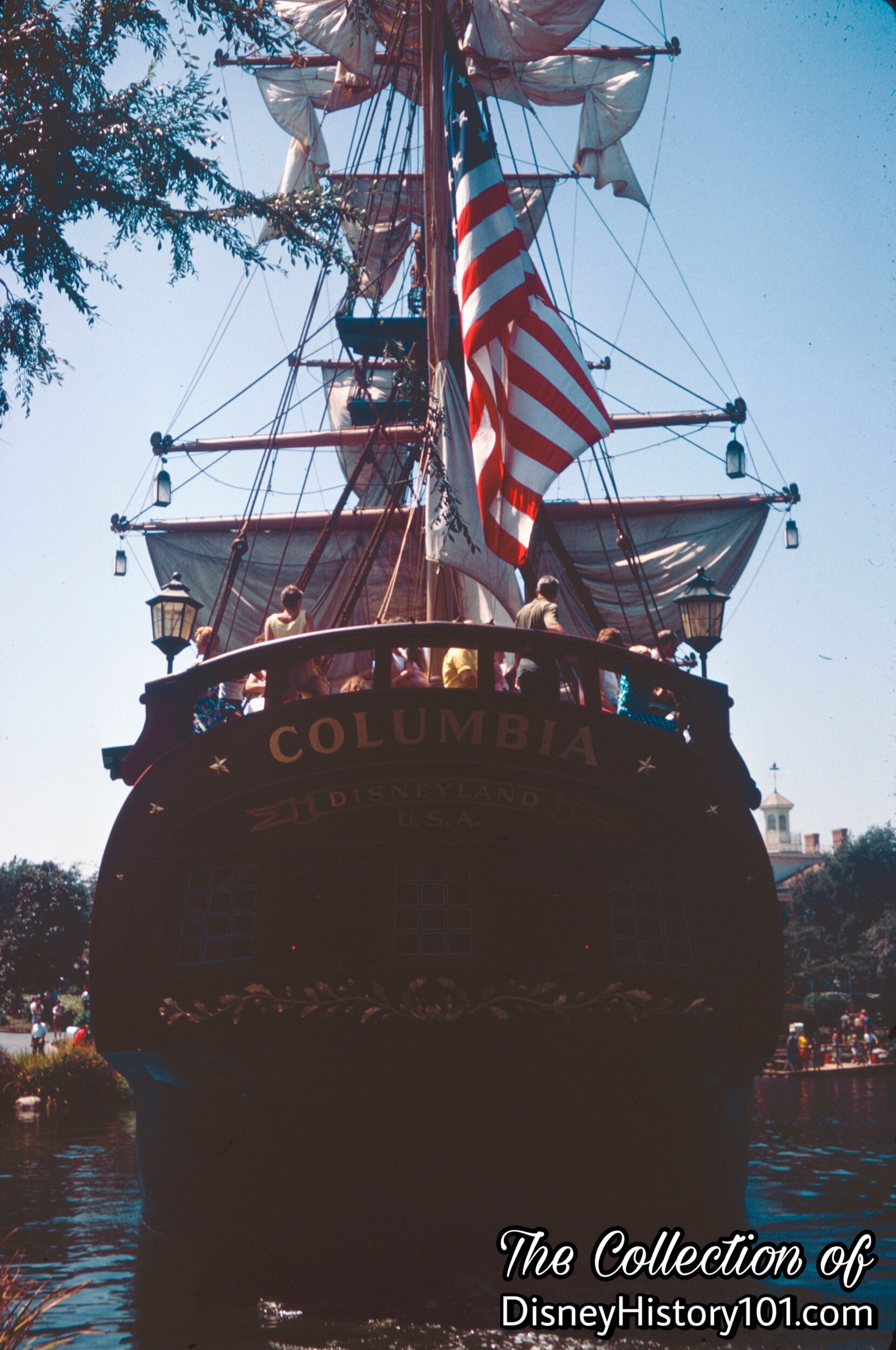
A 35-star flag is displayed aboard the aft portion of this replica of the first American ship to carry the United States banner around the world!

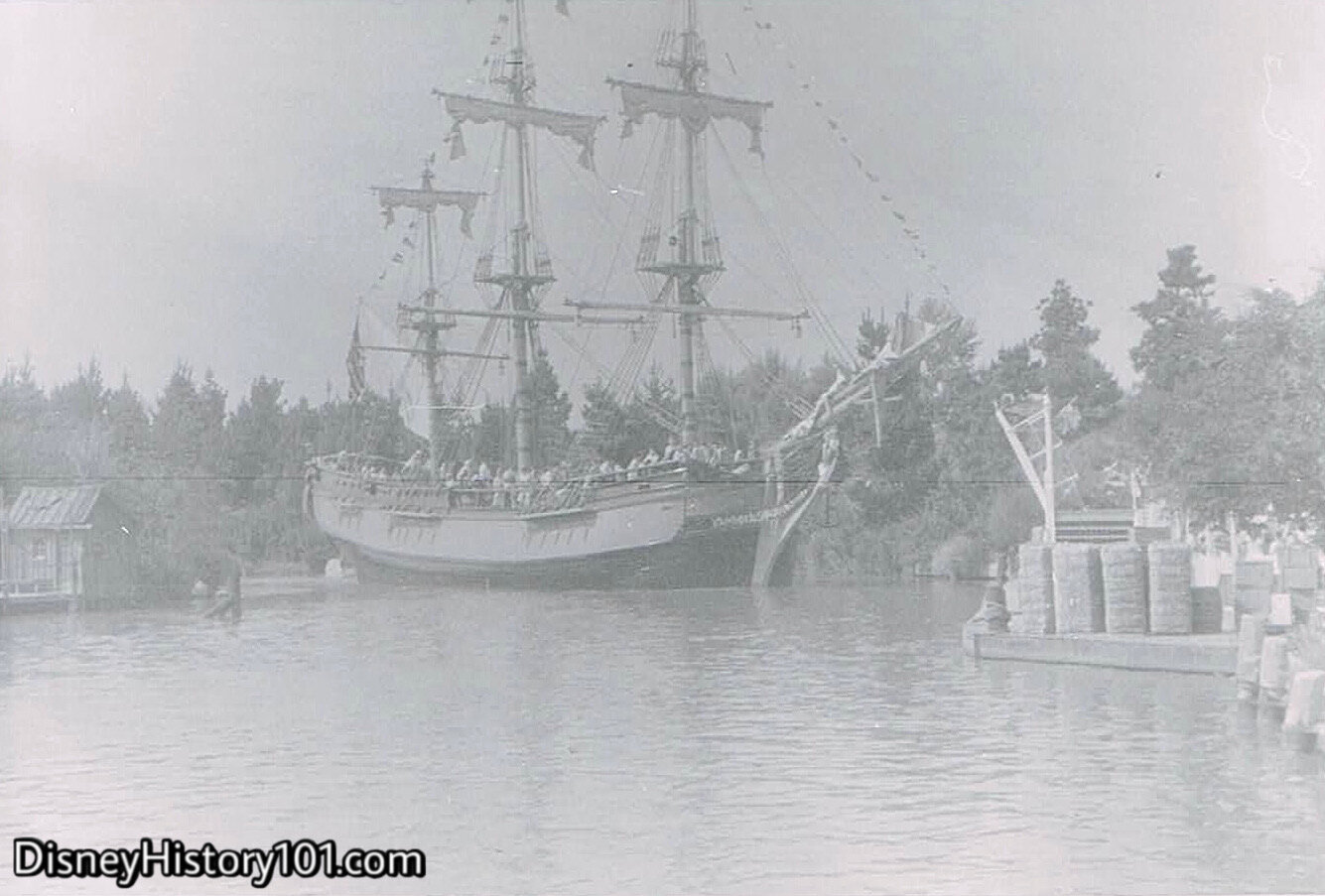
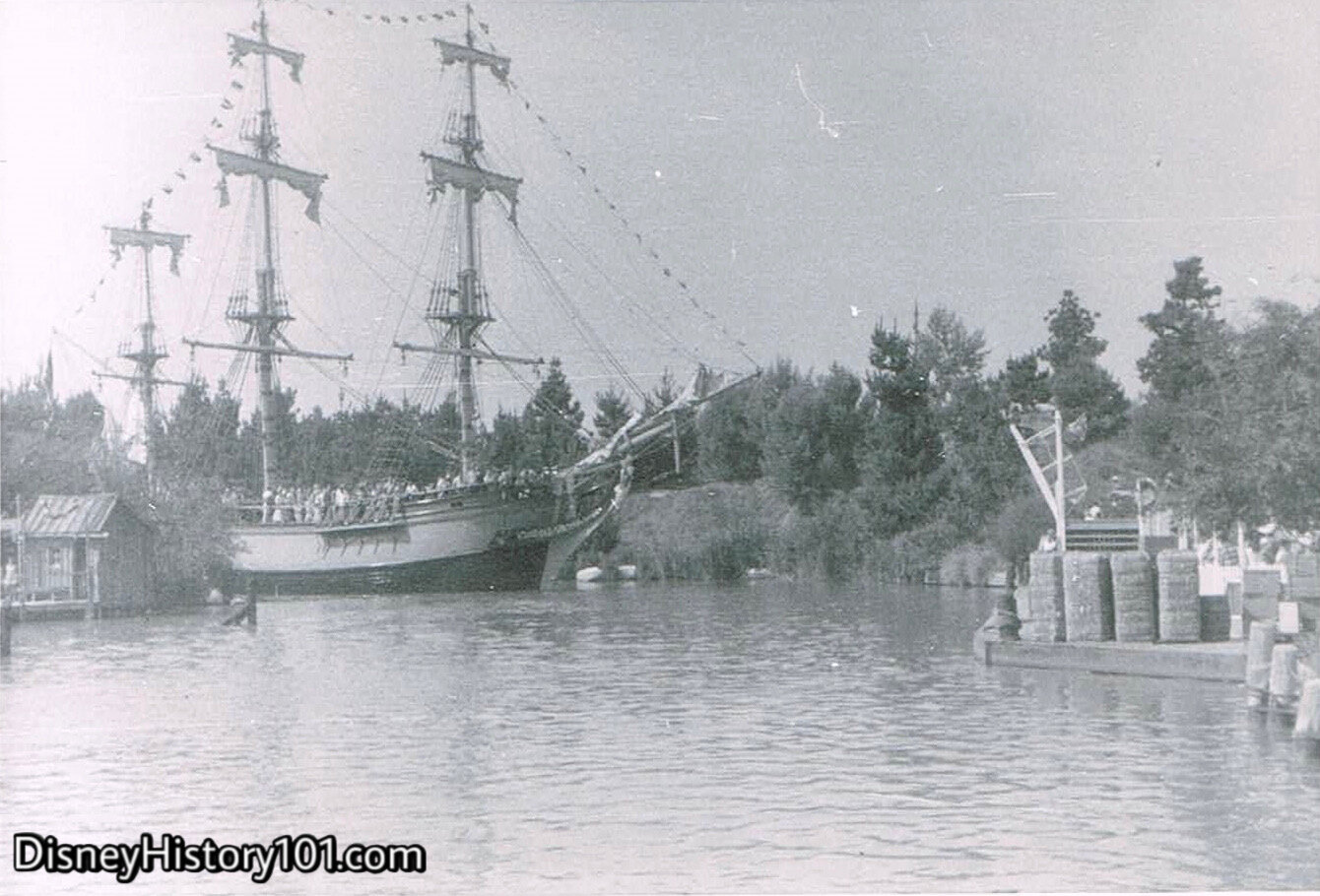
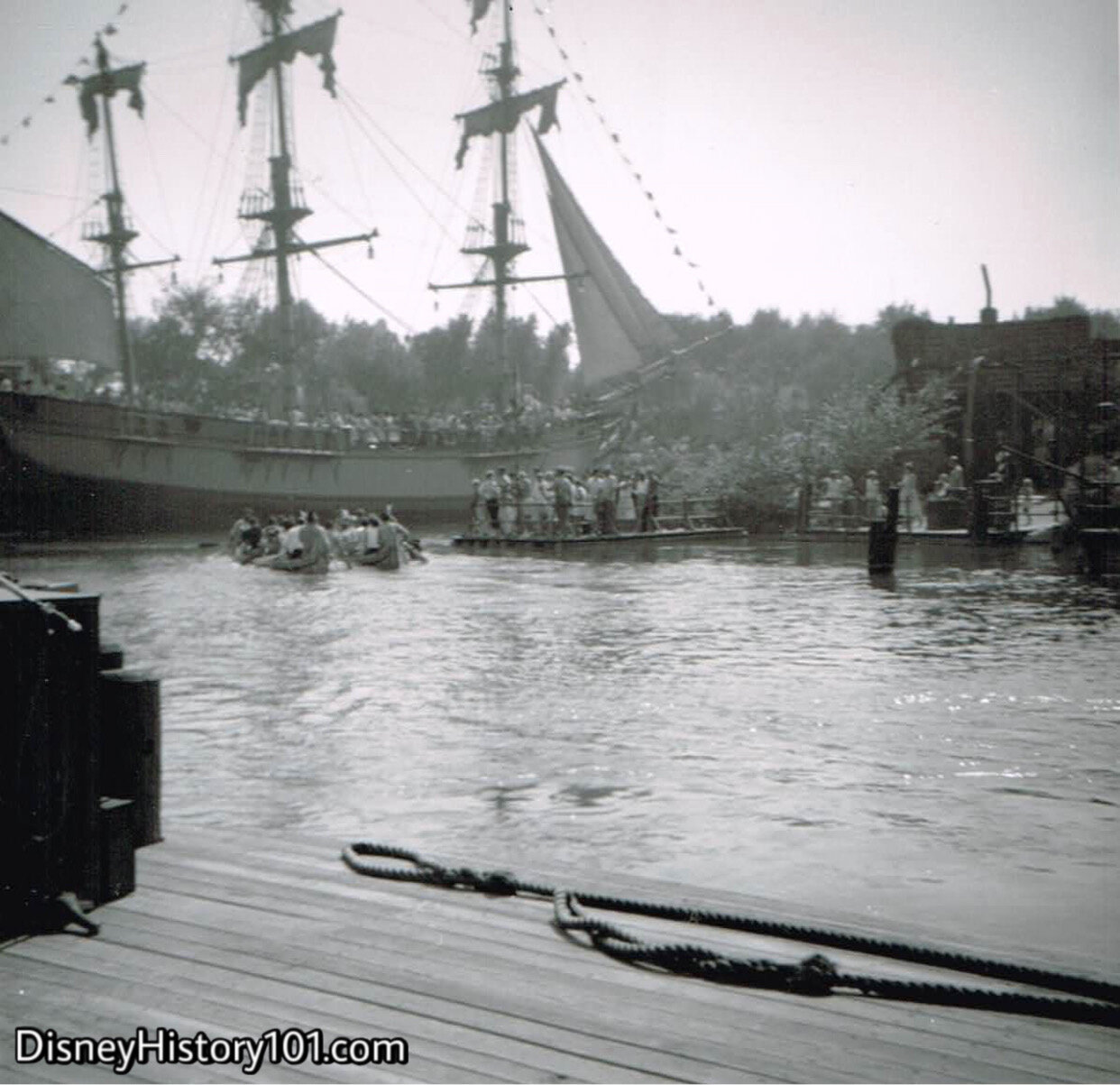
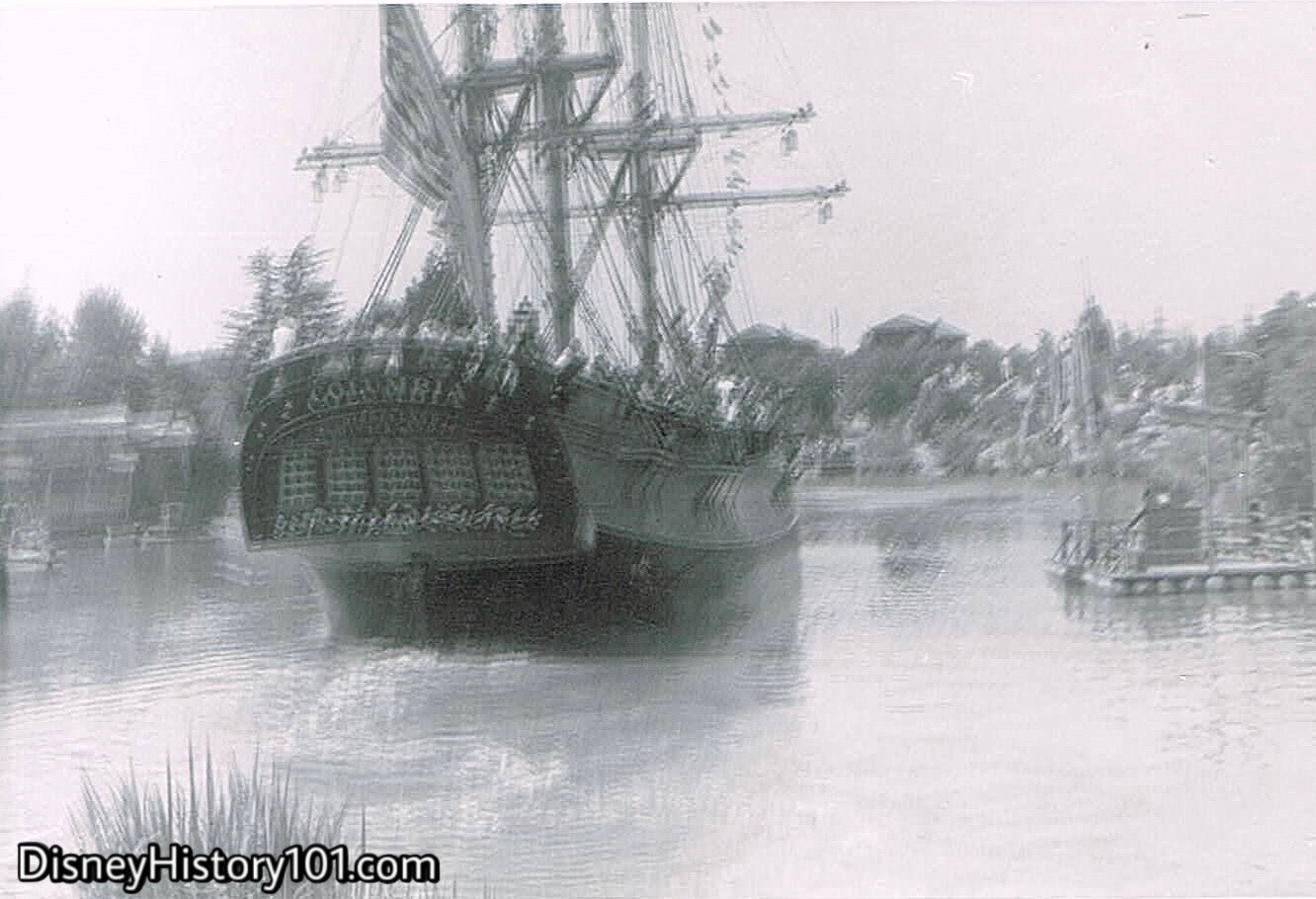
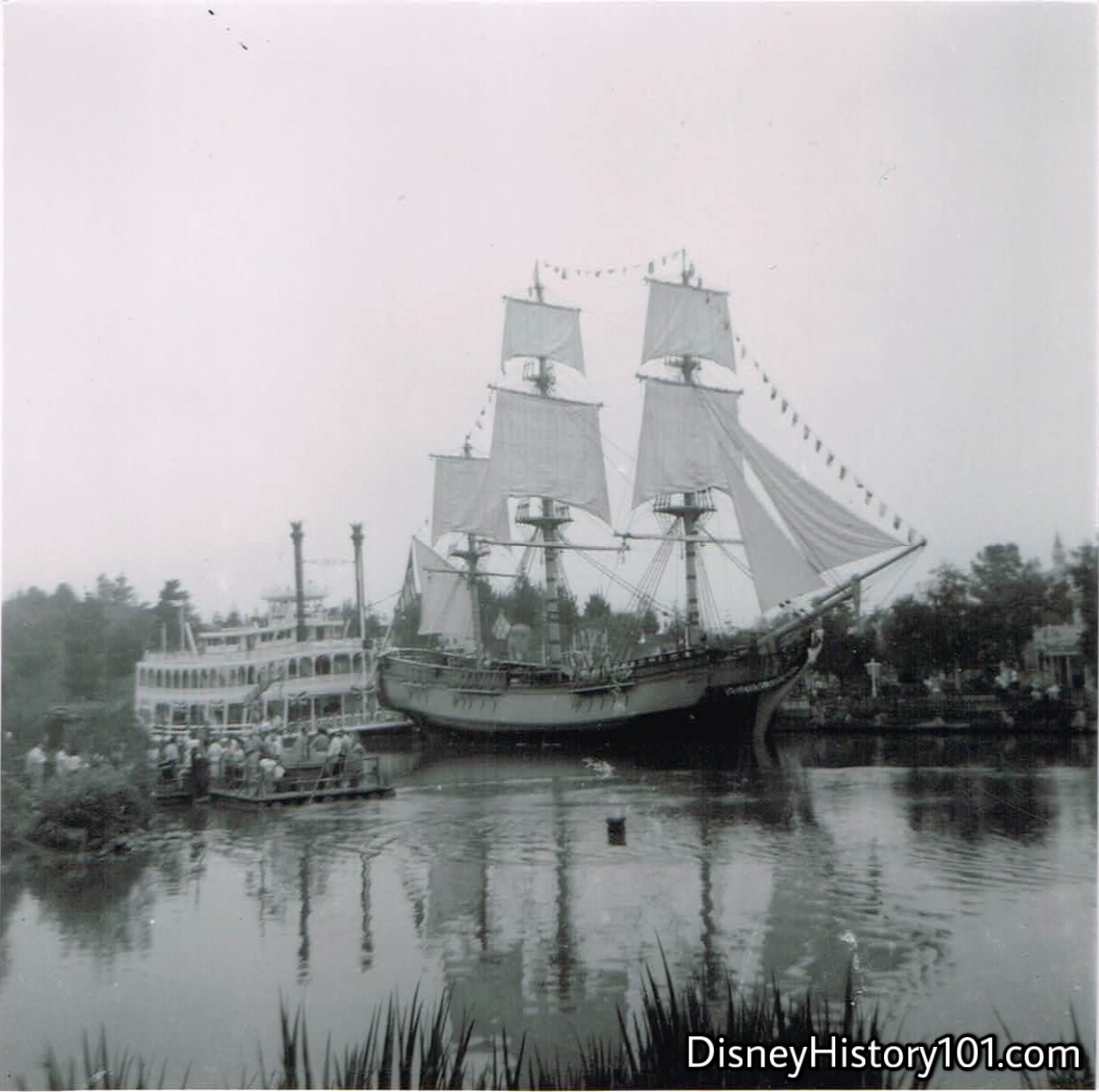
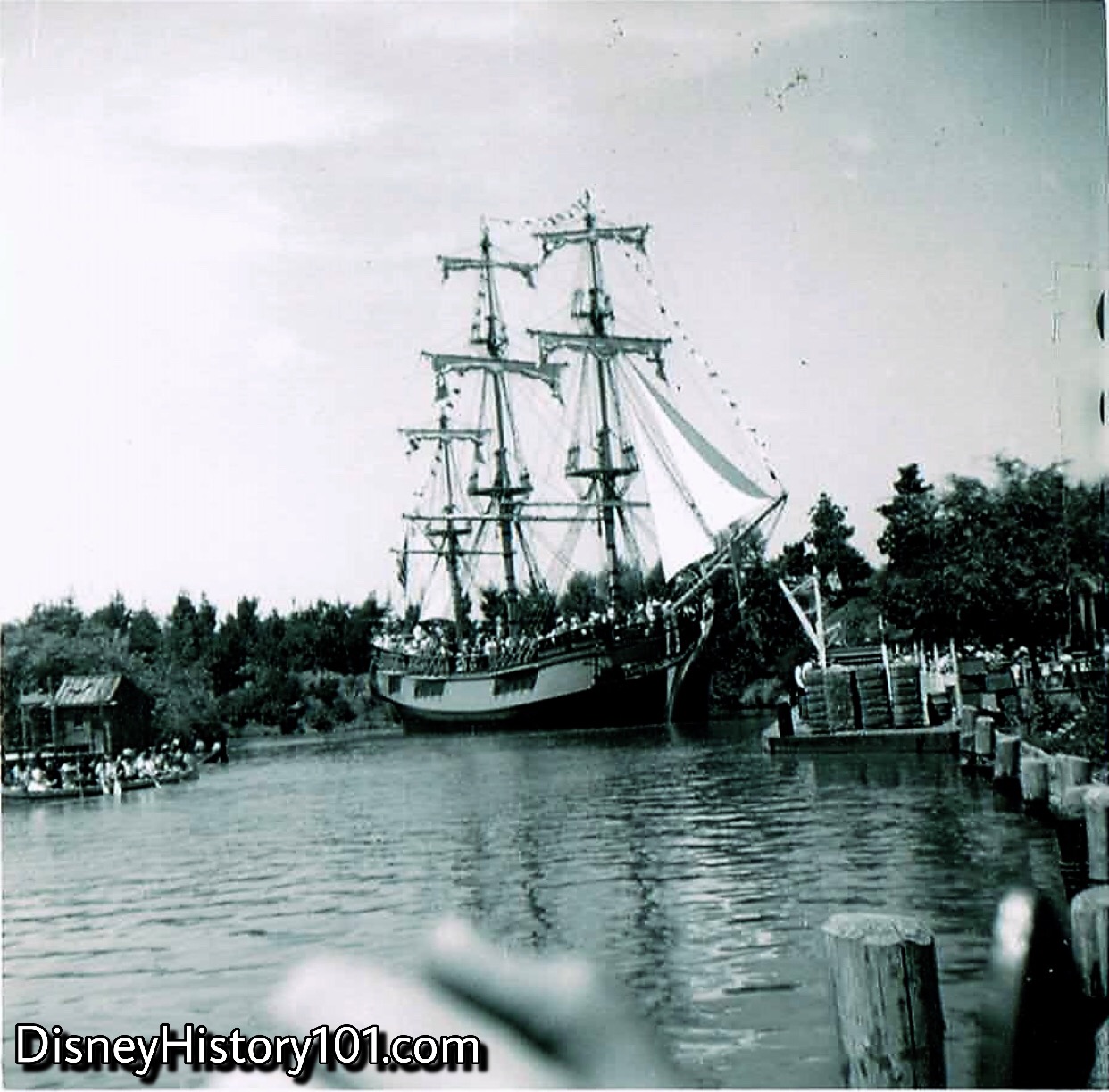
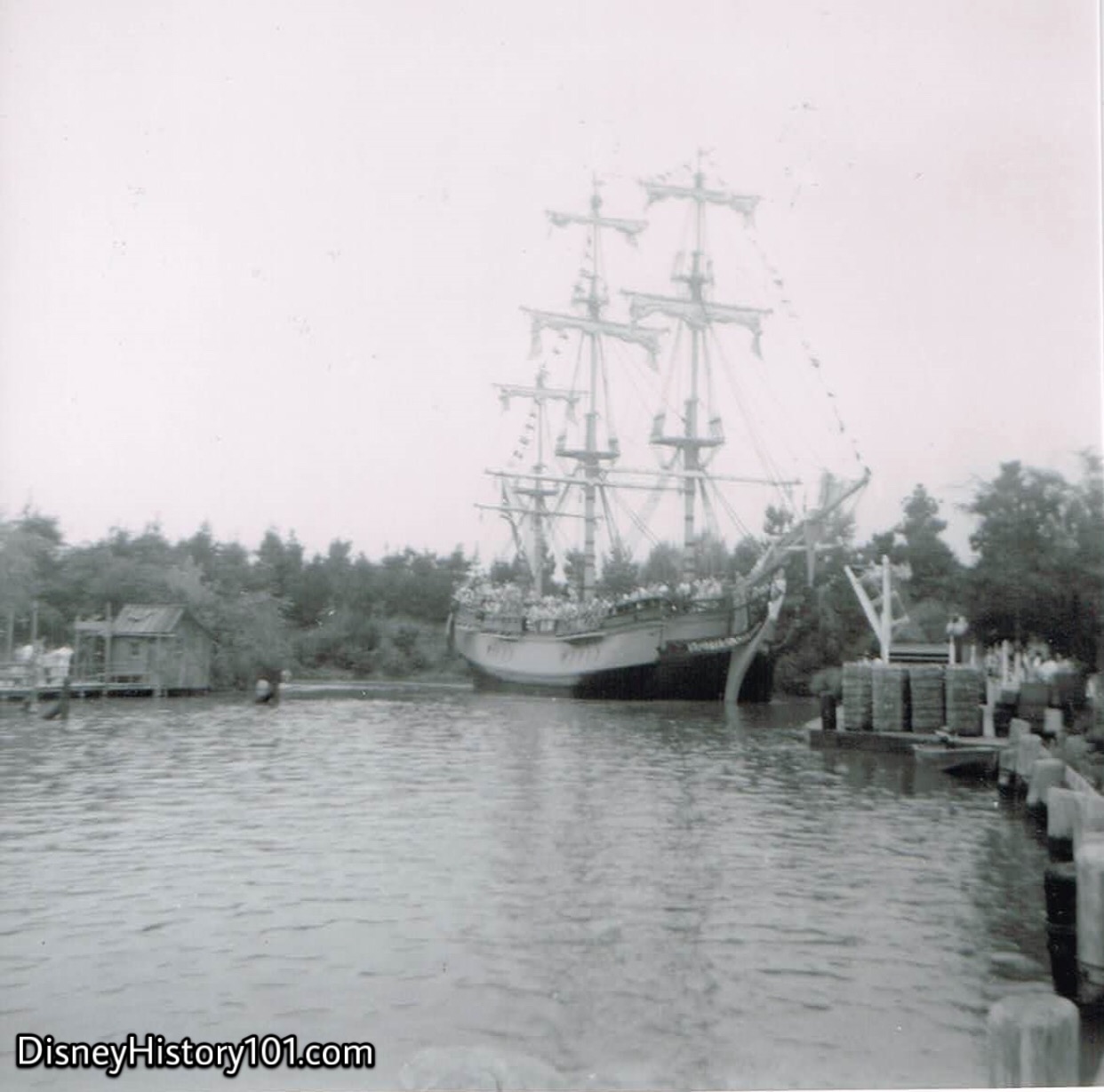
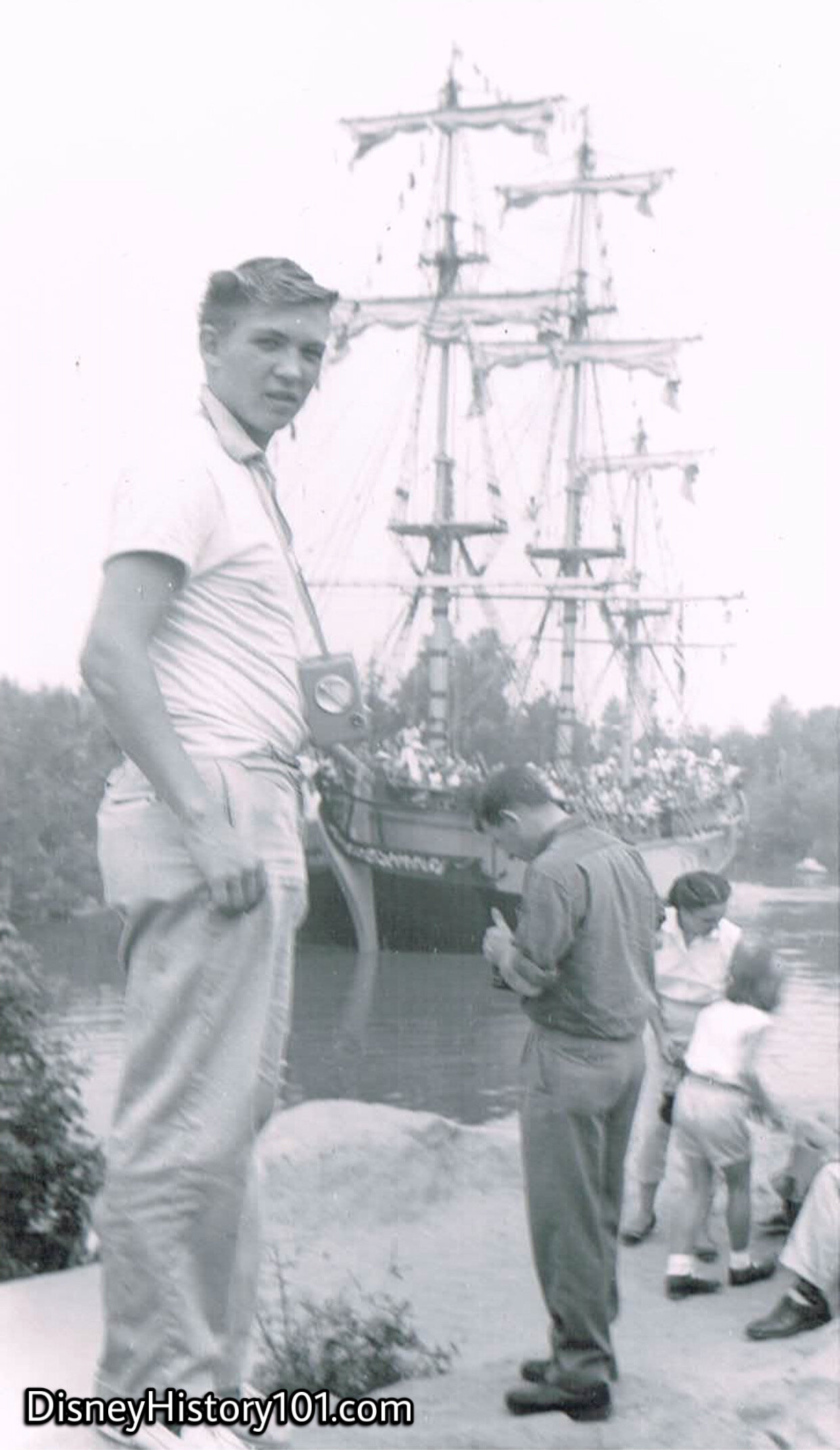
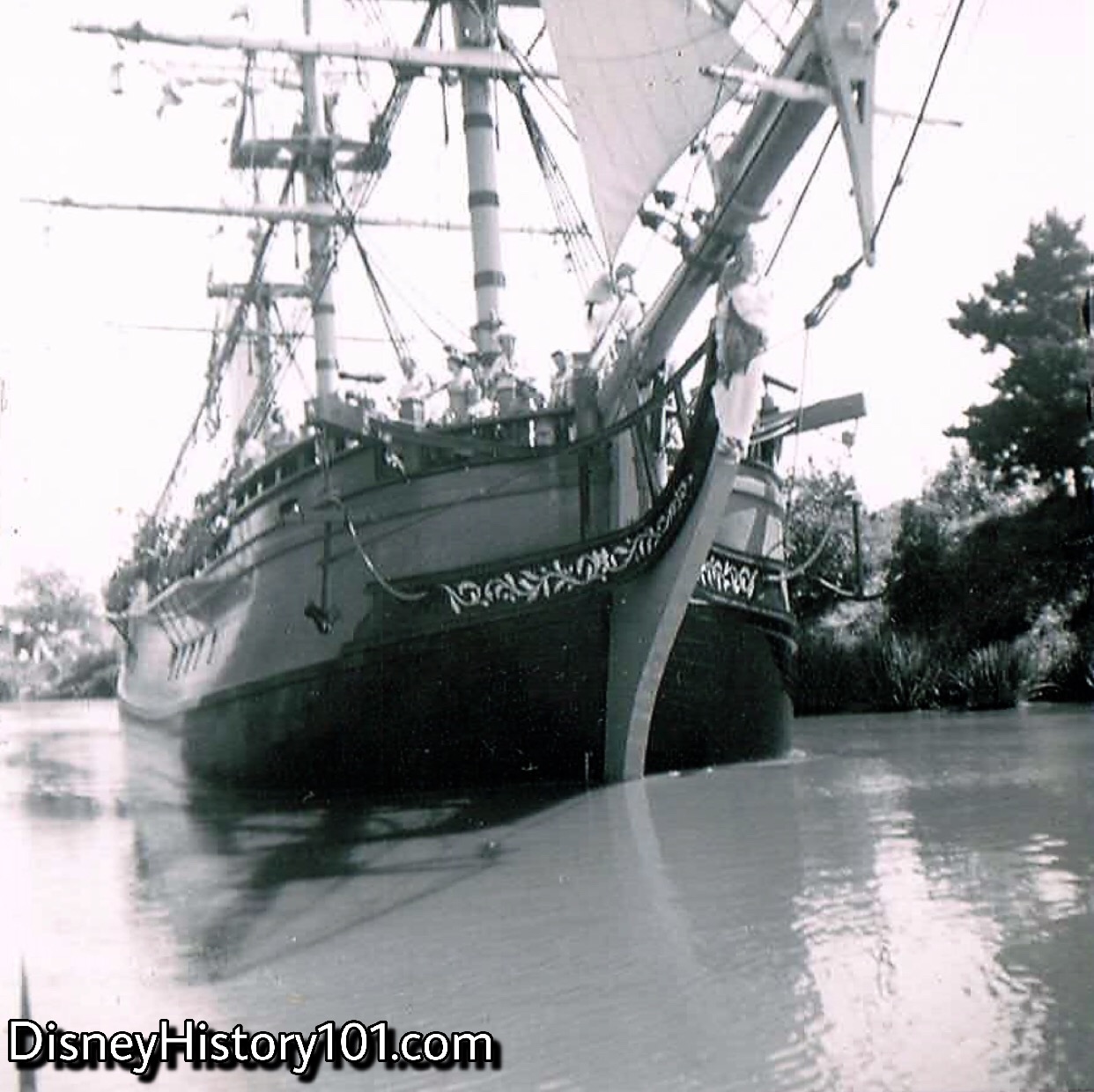
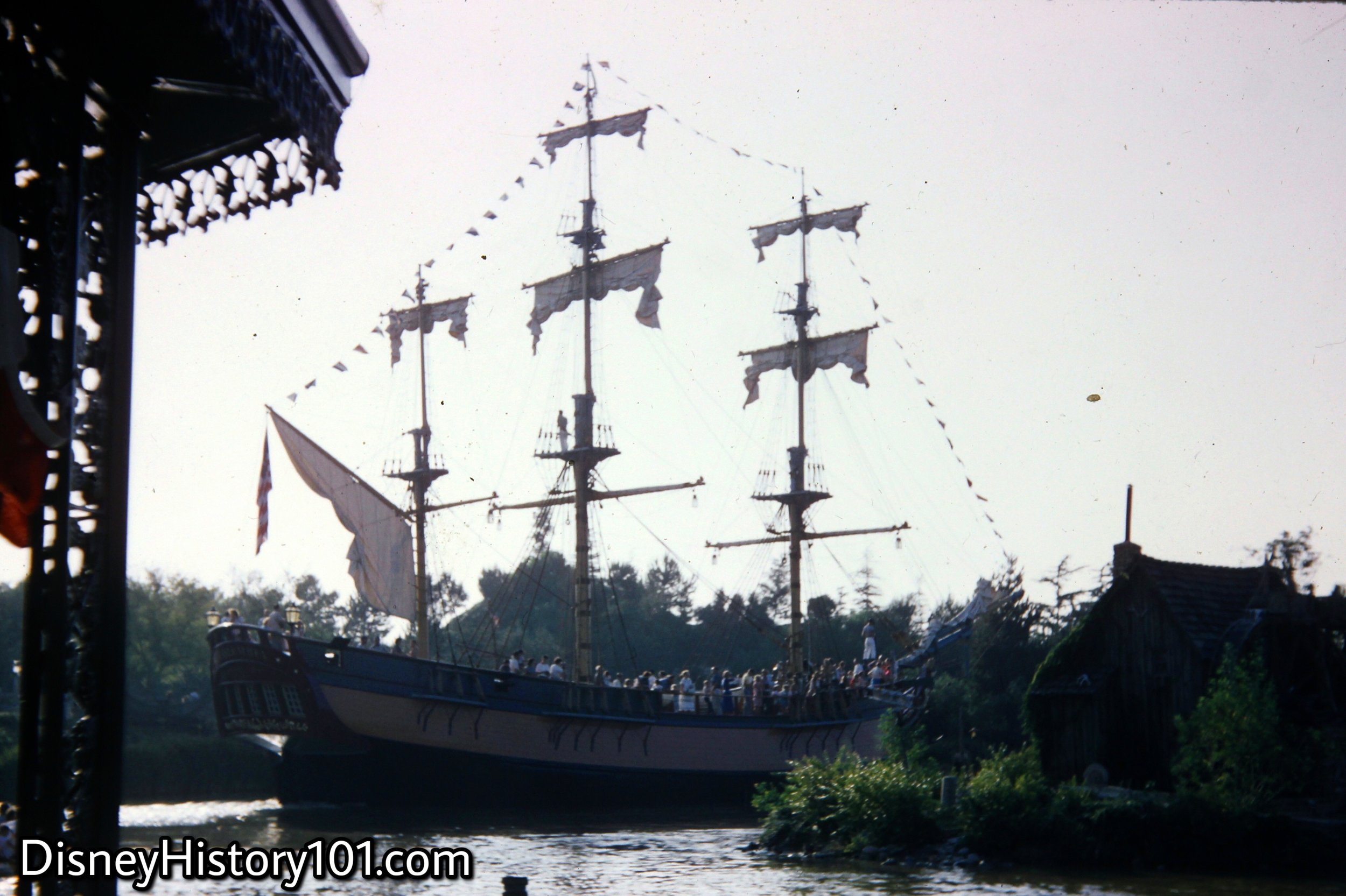
The Dixieland Band Stand was a relaxing location to enjoy New Orleans - style jazz while watching the Columbia set out down the Rivers of America!
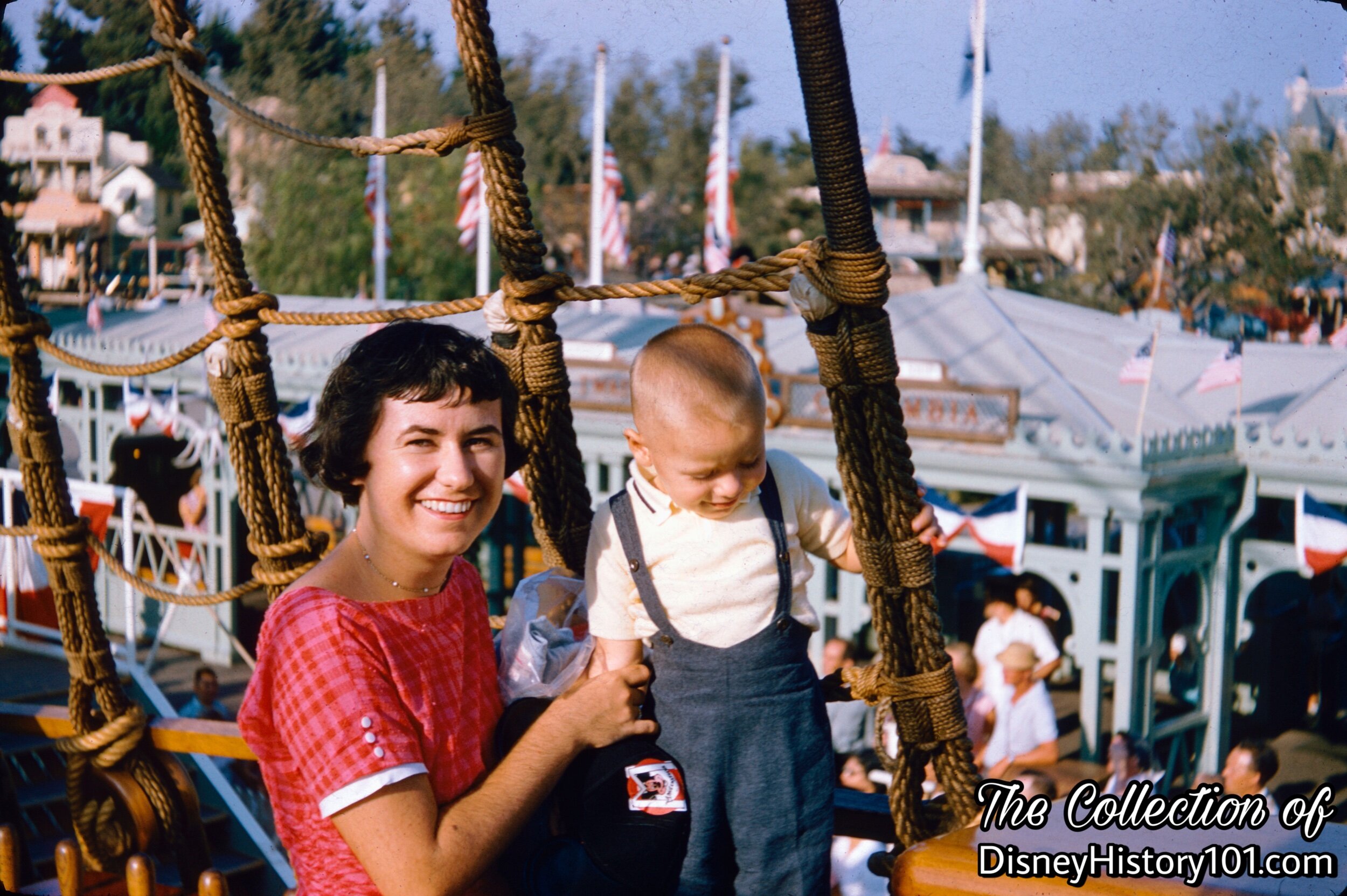
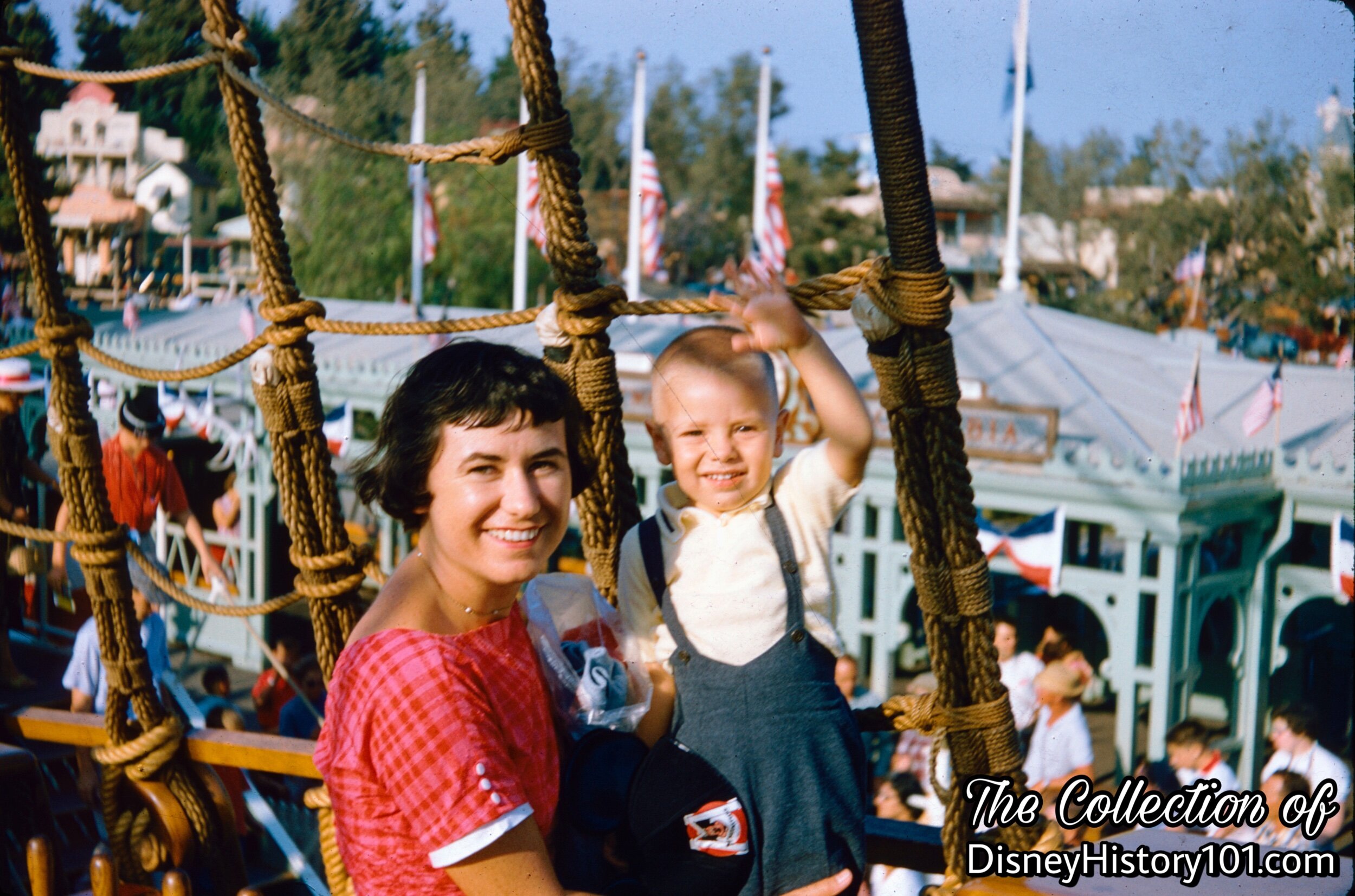
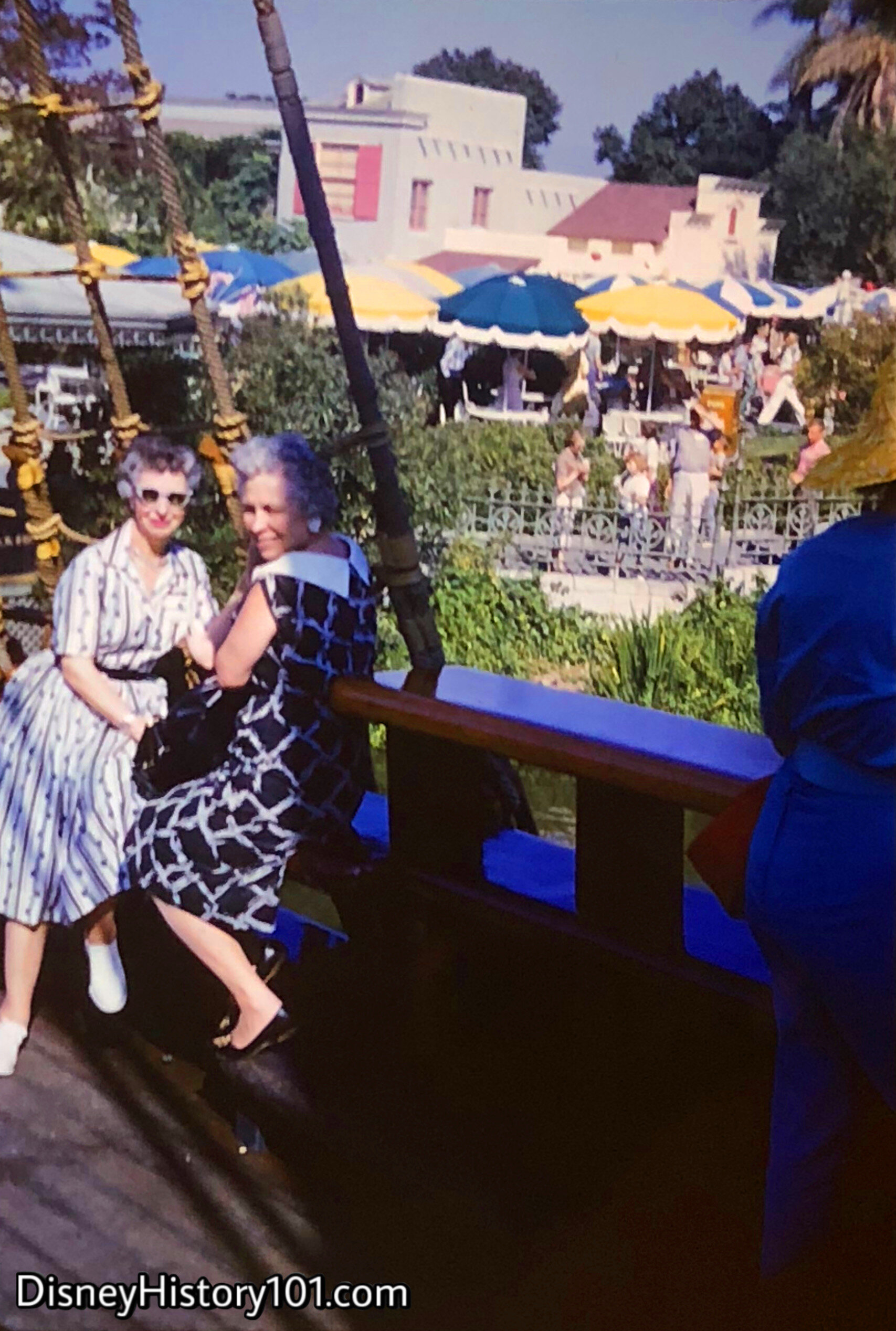
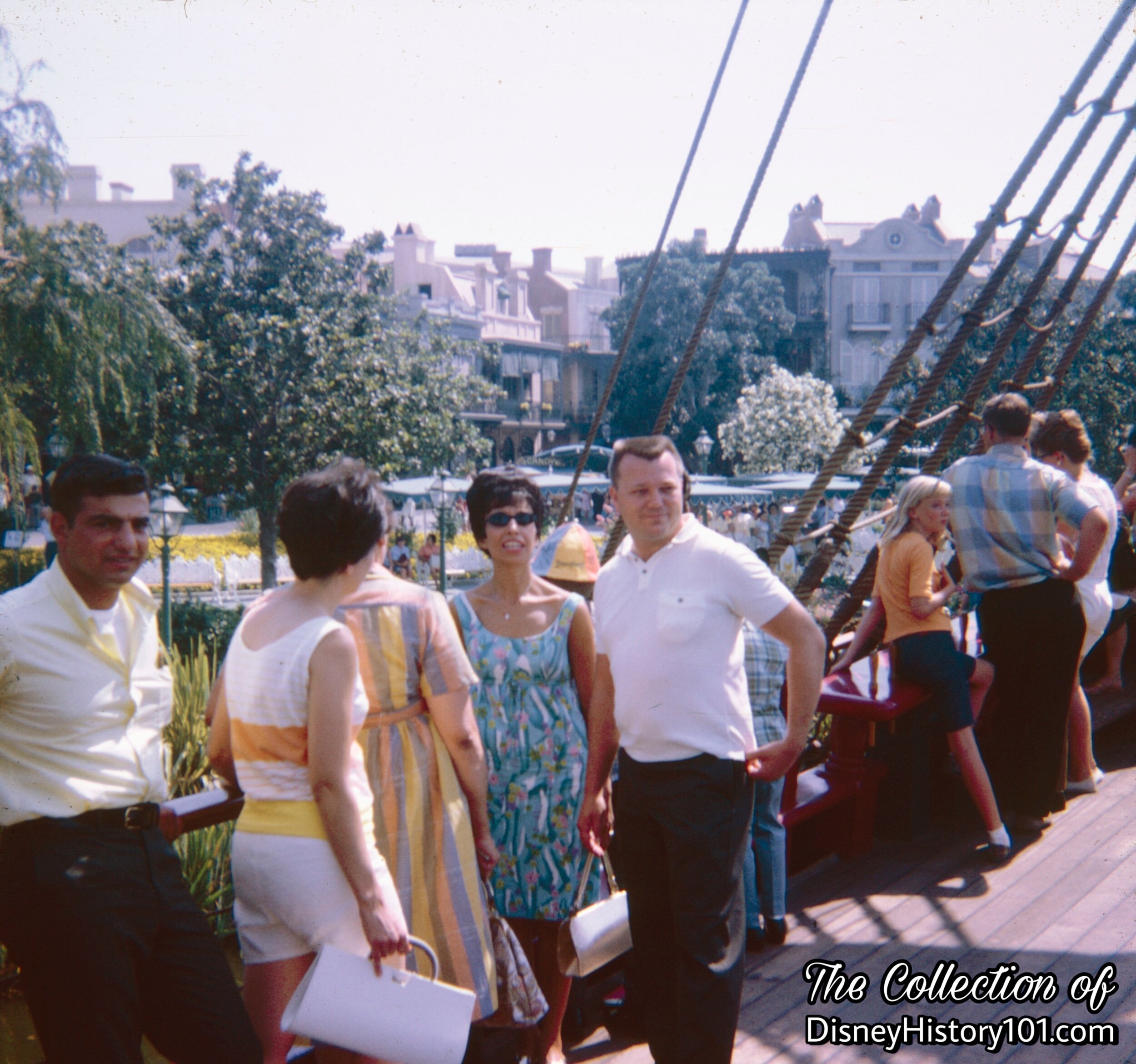
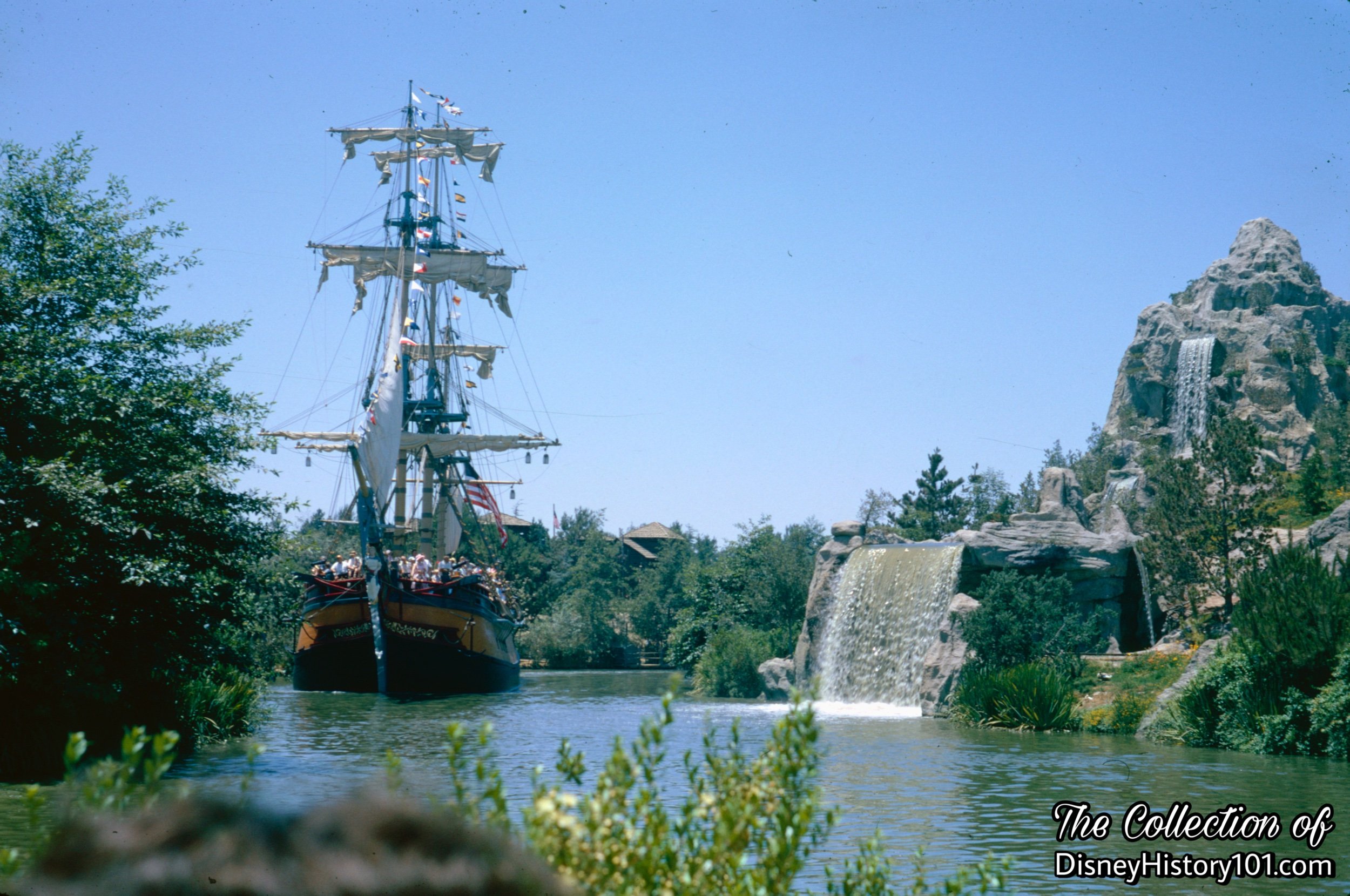
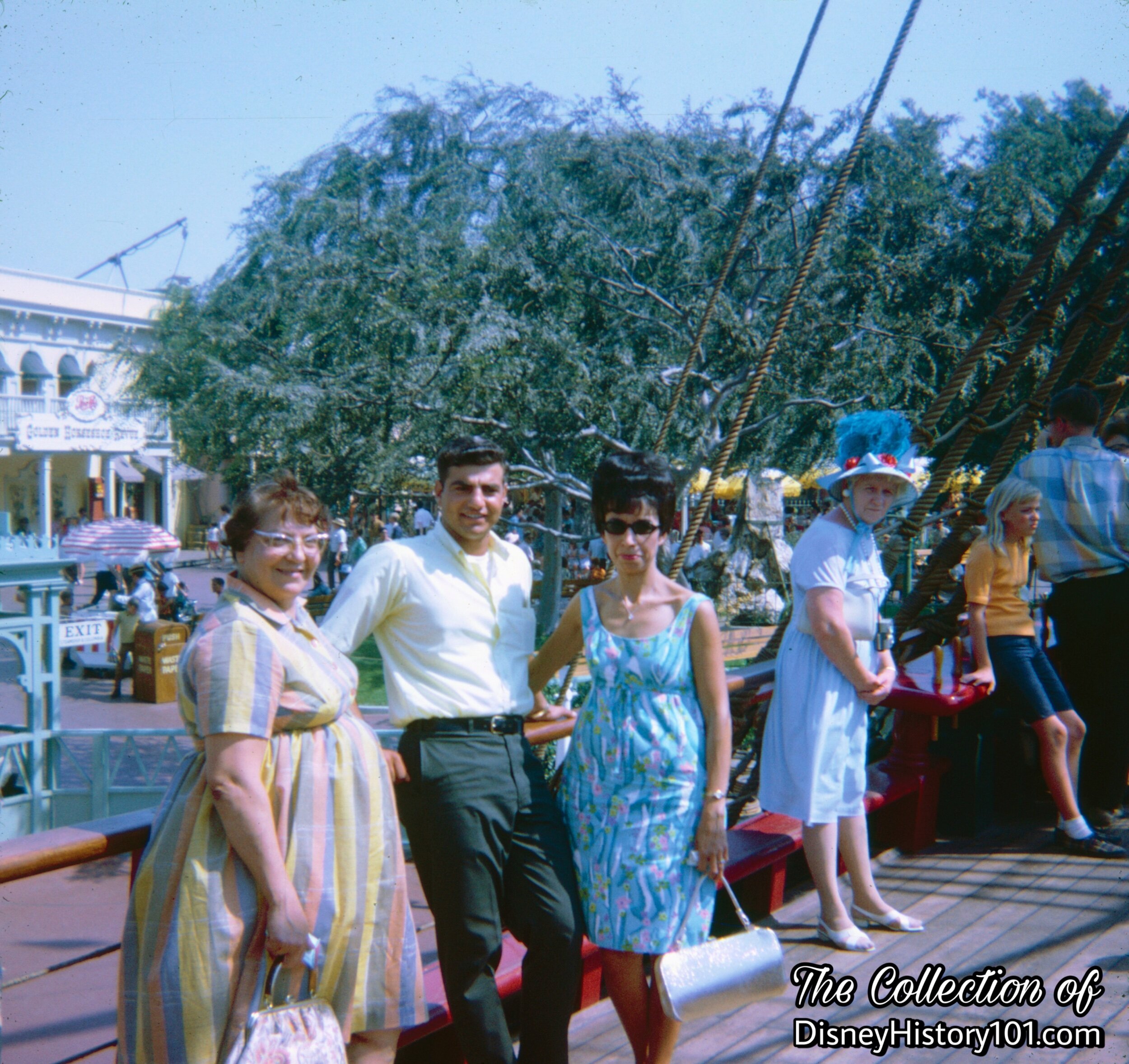
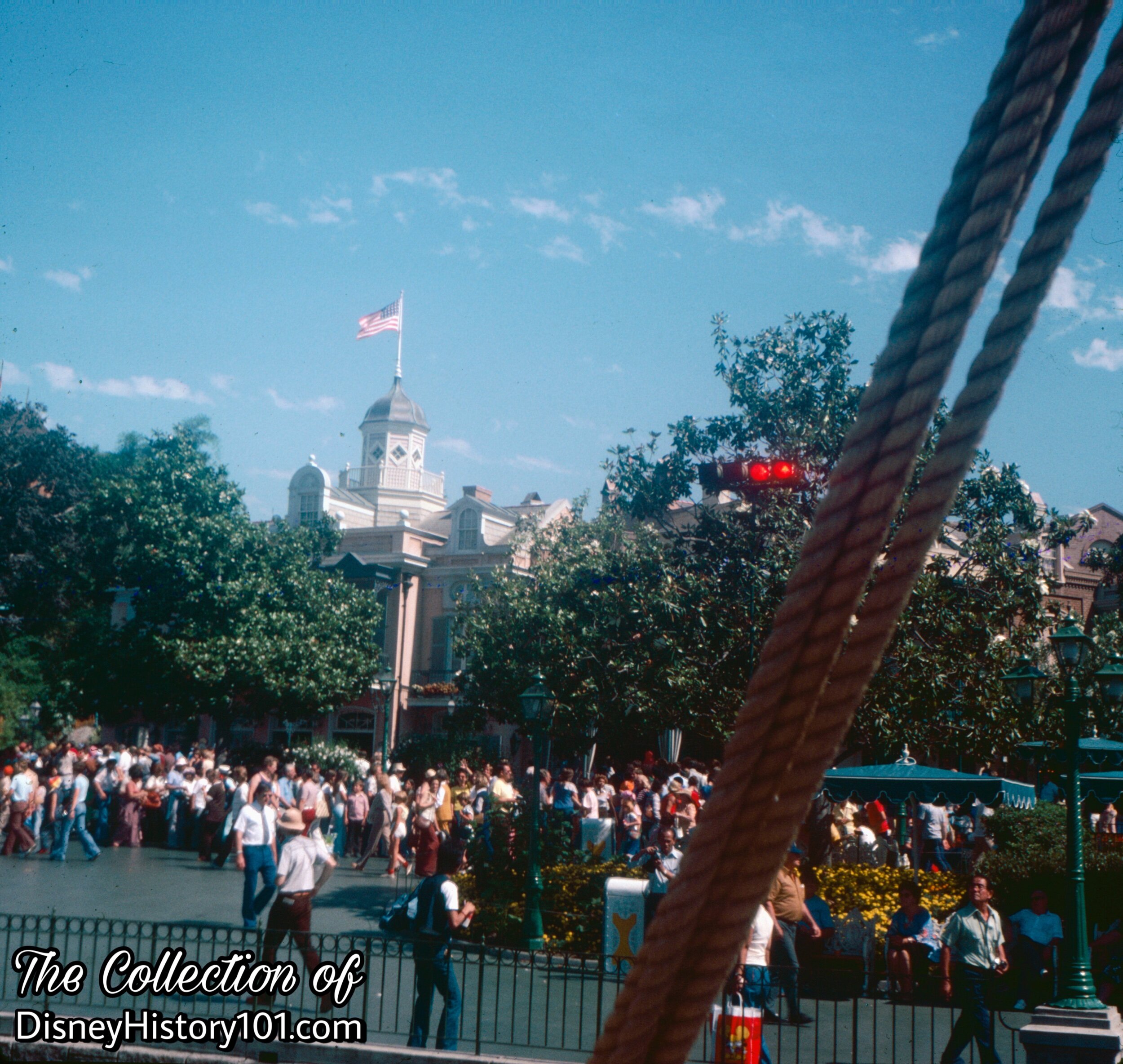
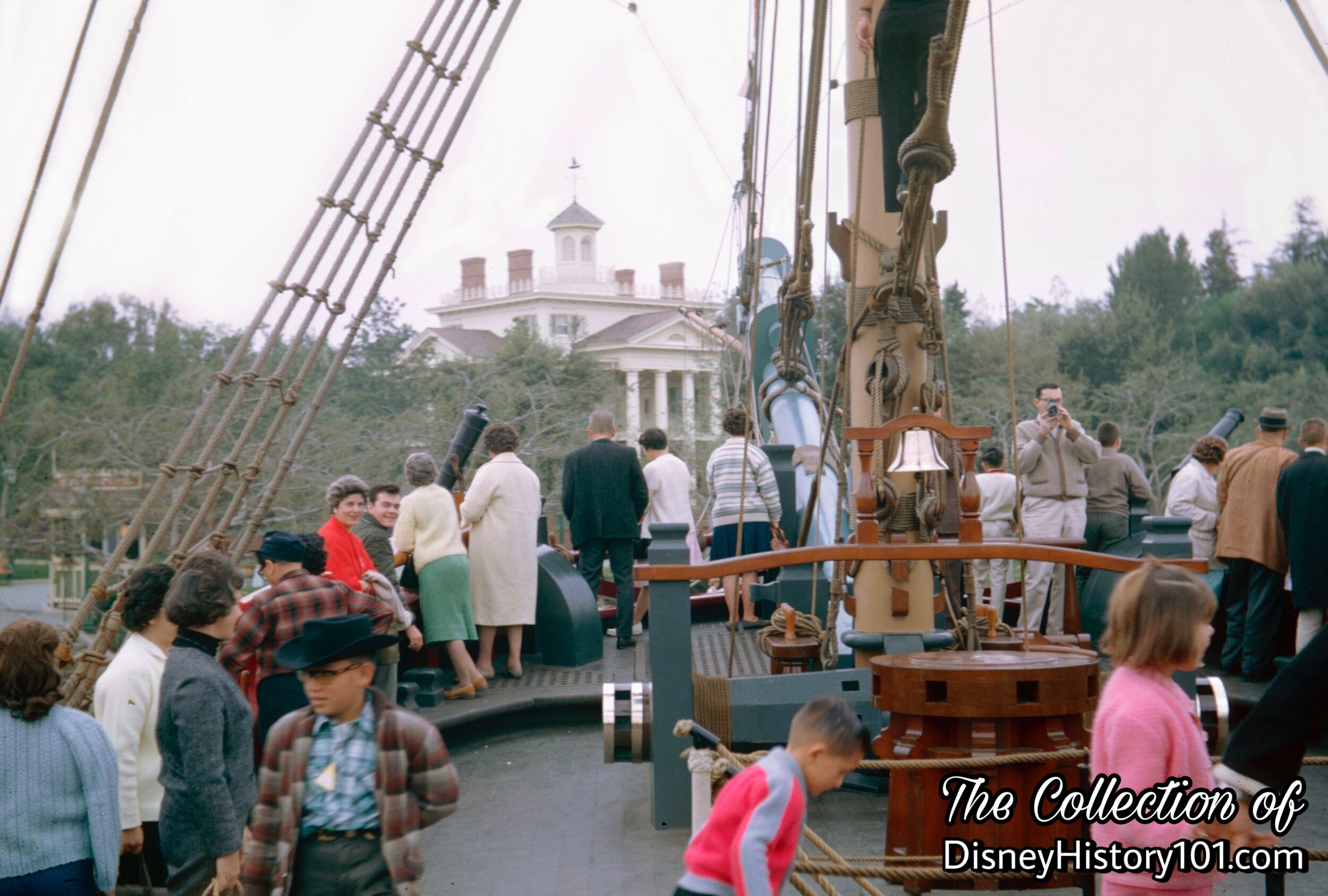
Nautical bells were once used to keep time or announce a dignitary’s arrival aboard. However, the Columbia’s nautical bells were mostly used to announce movements or stops.
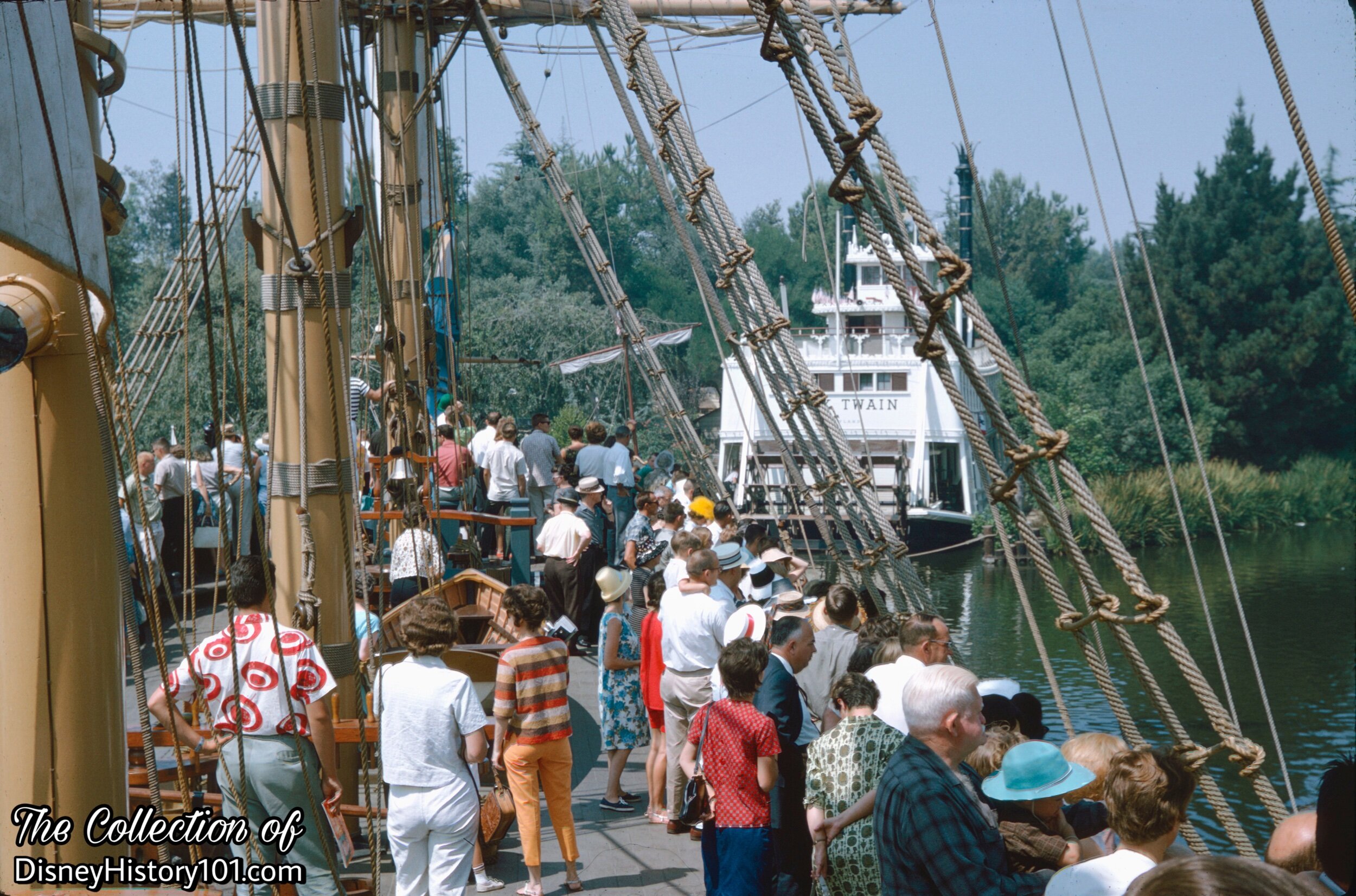

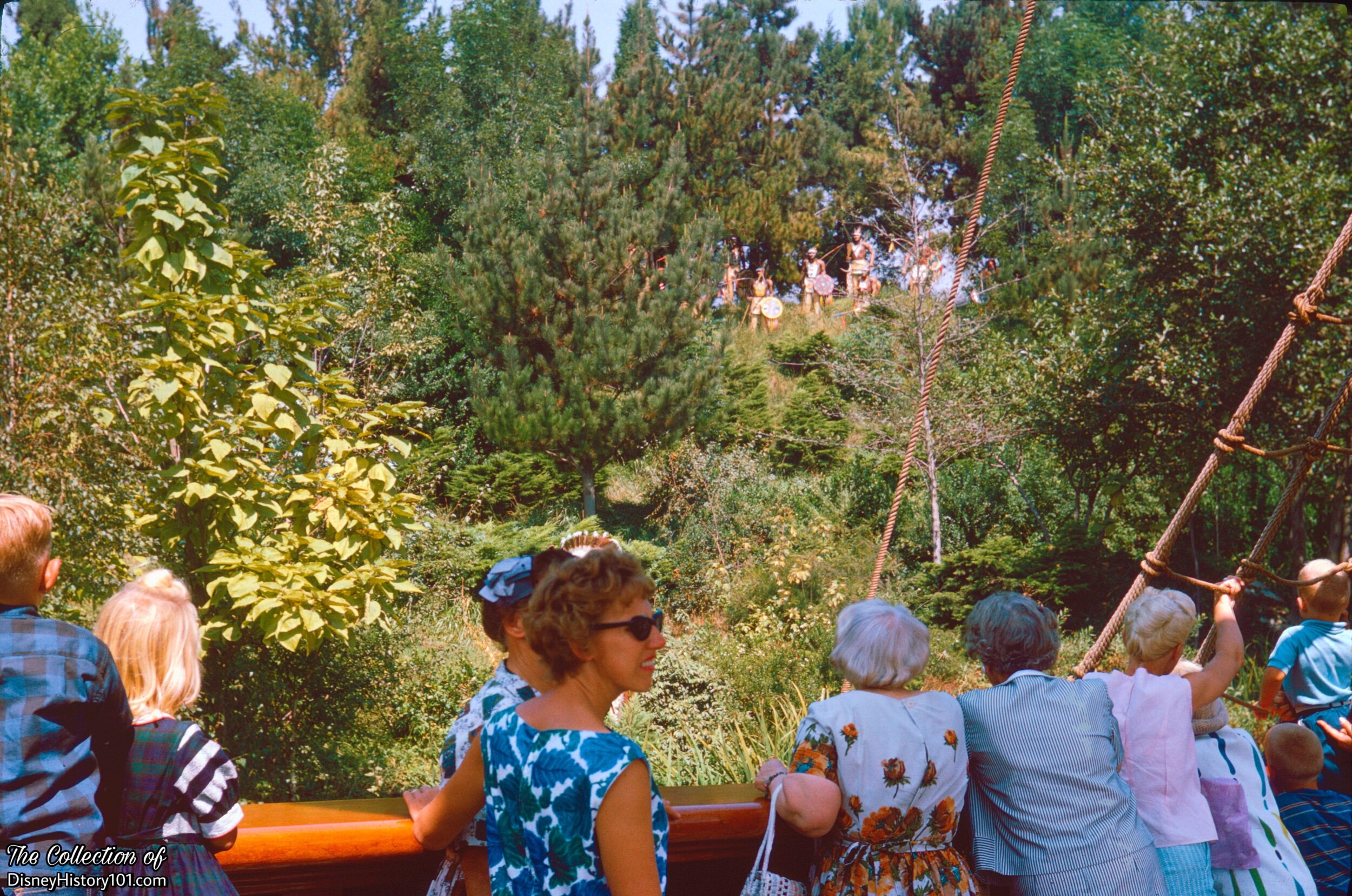
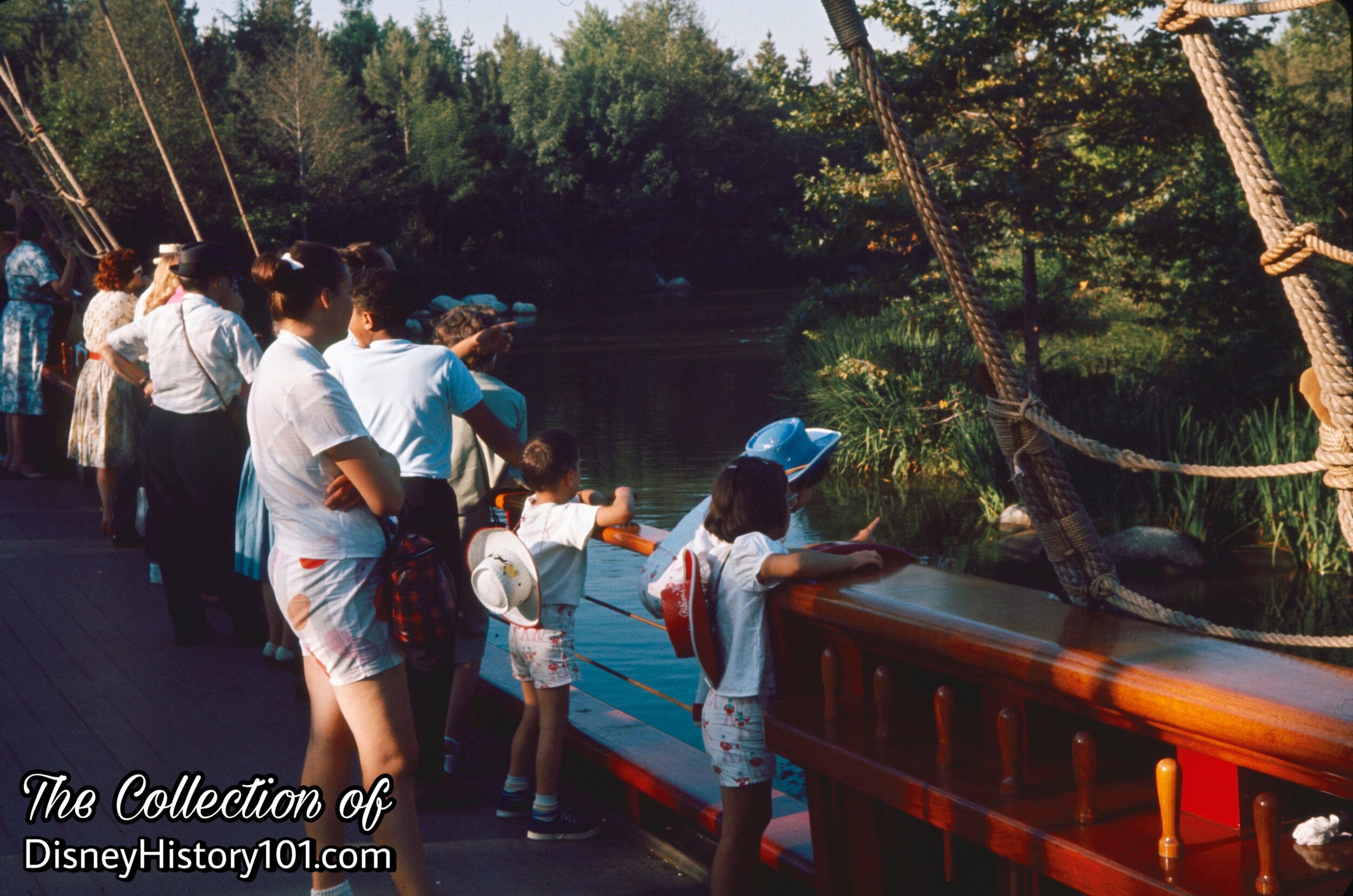
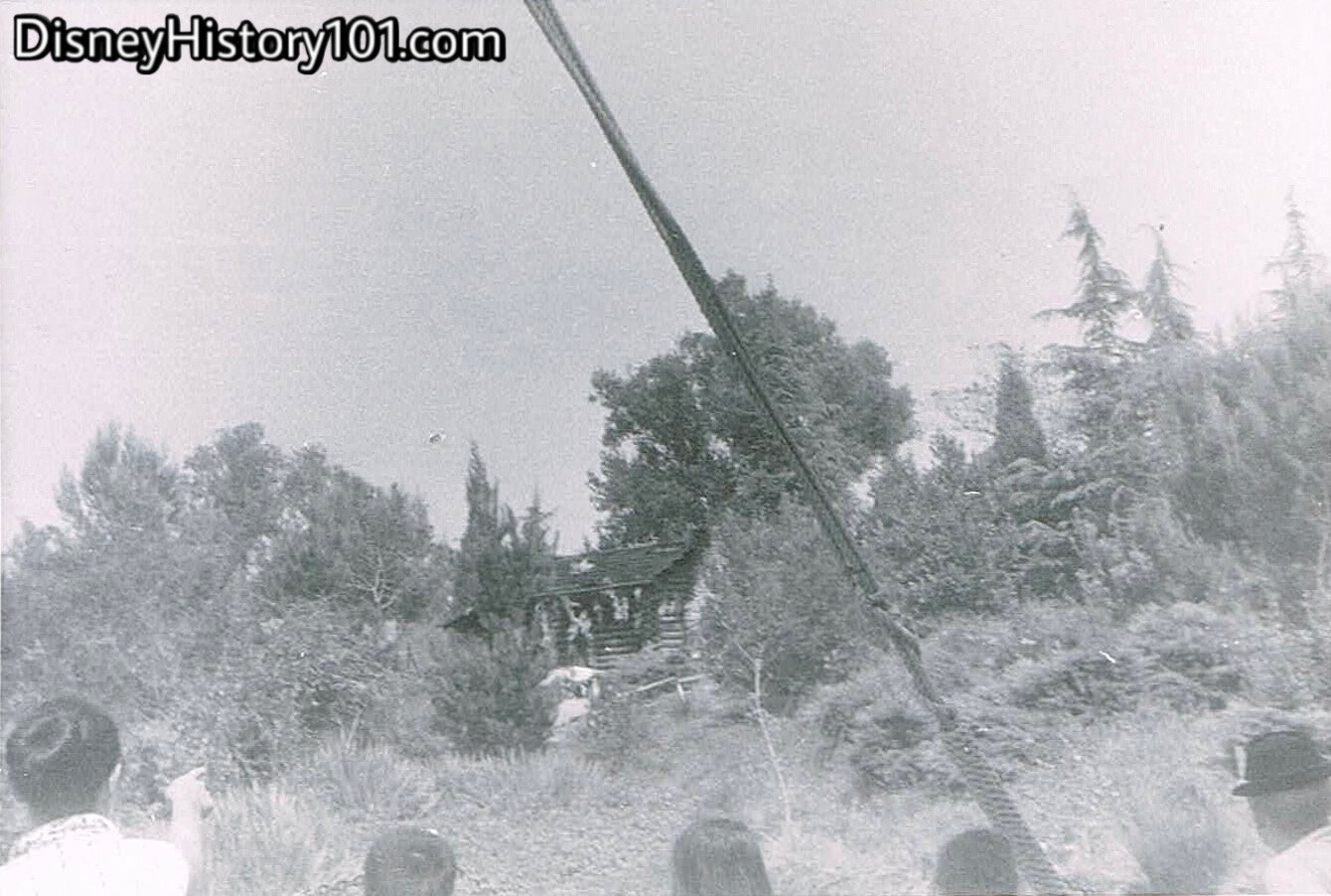
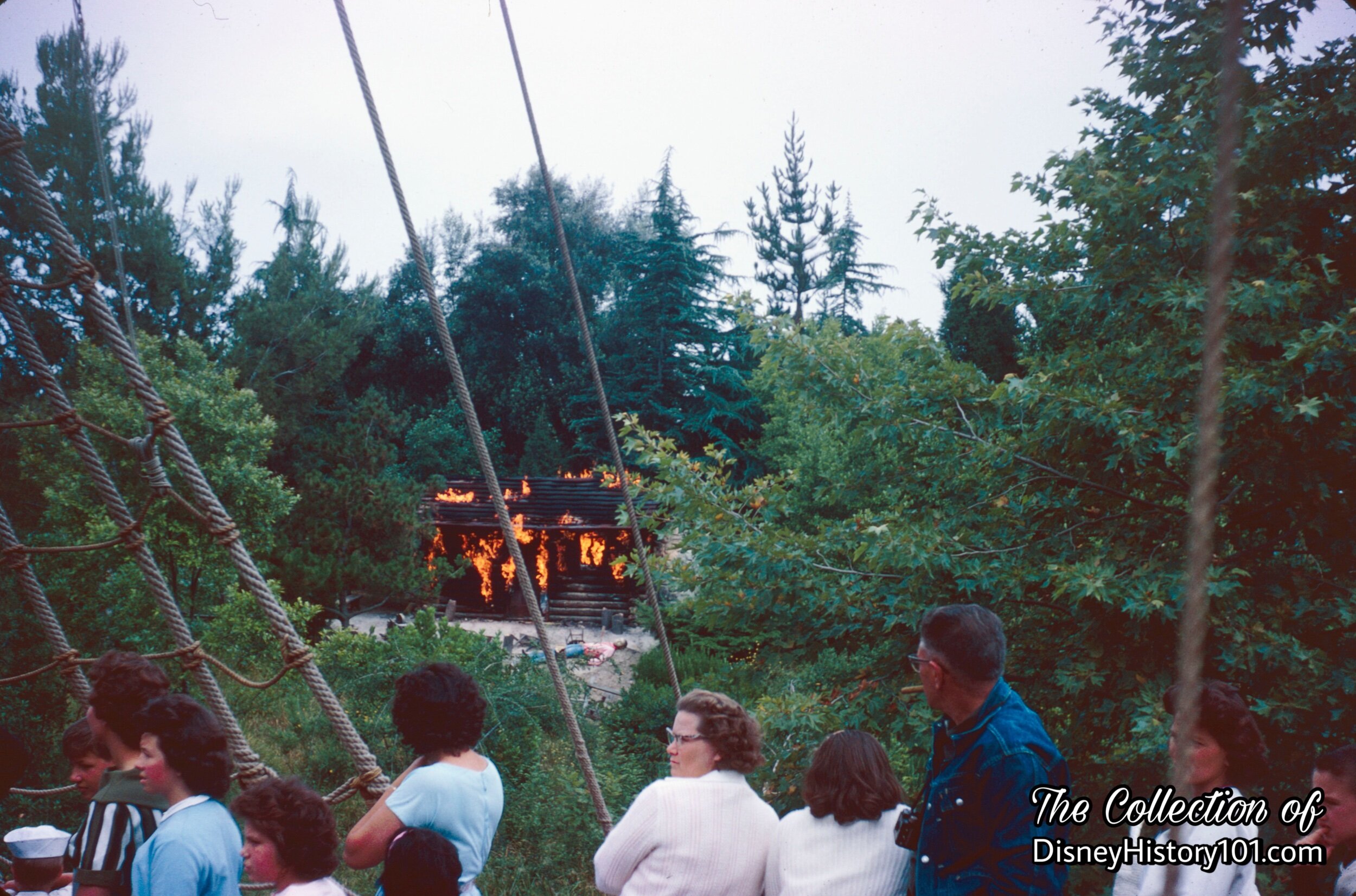
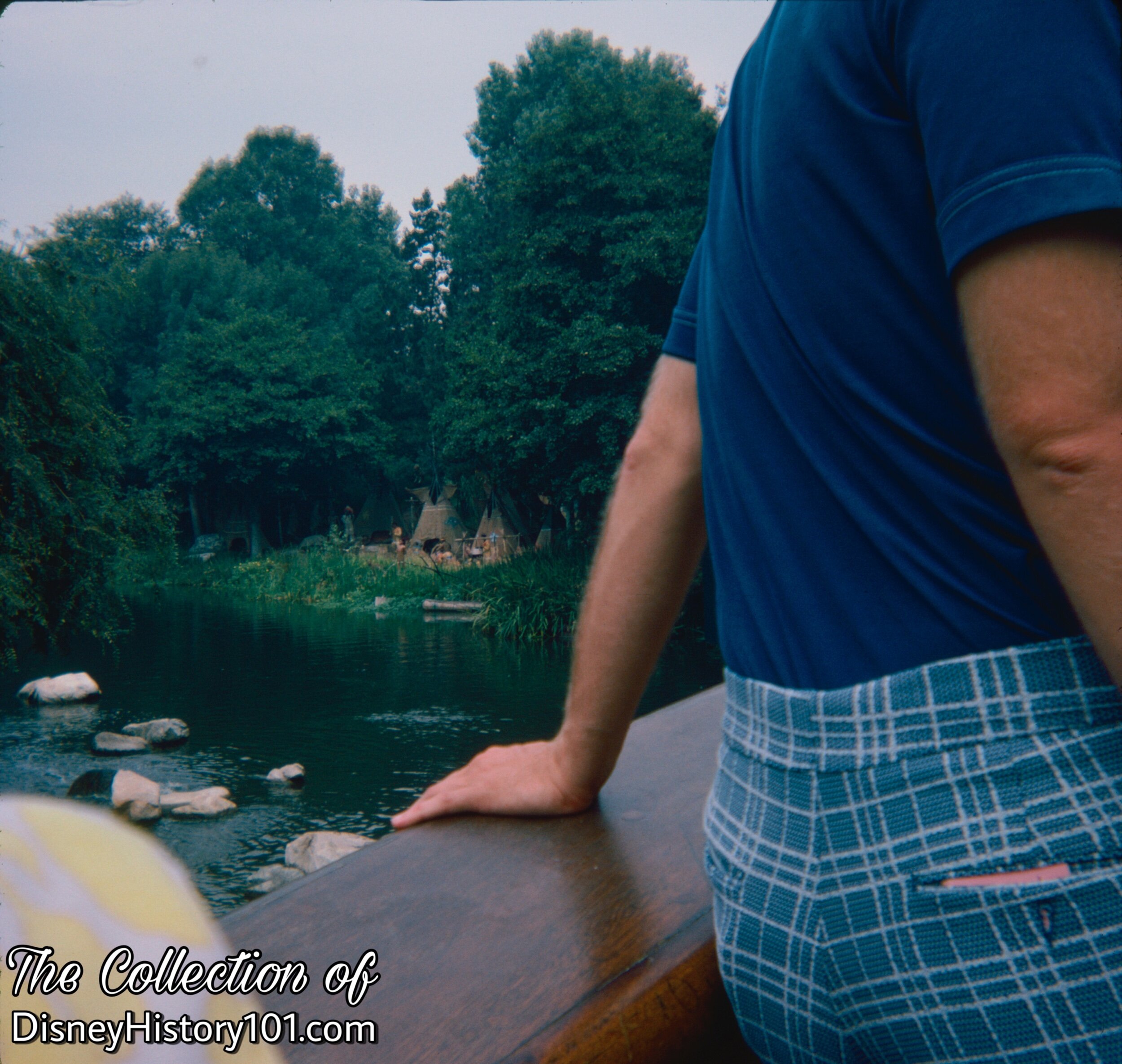
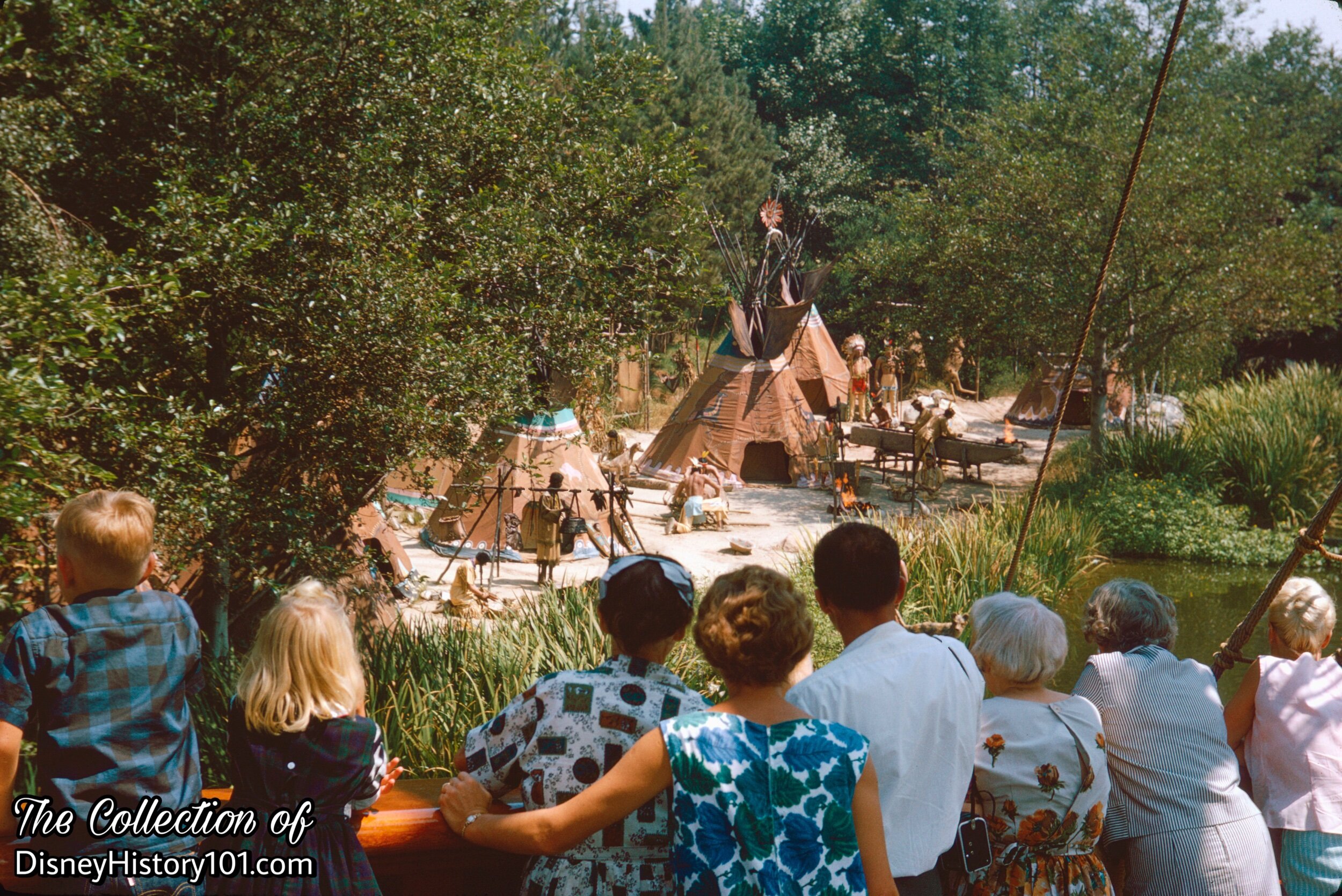
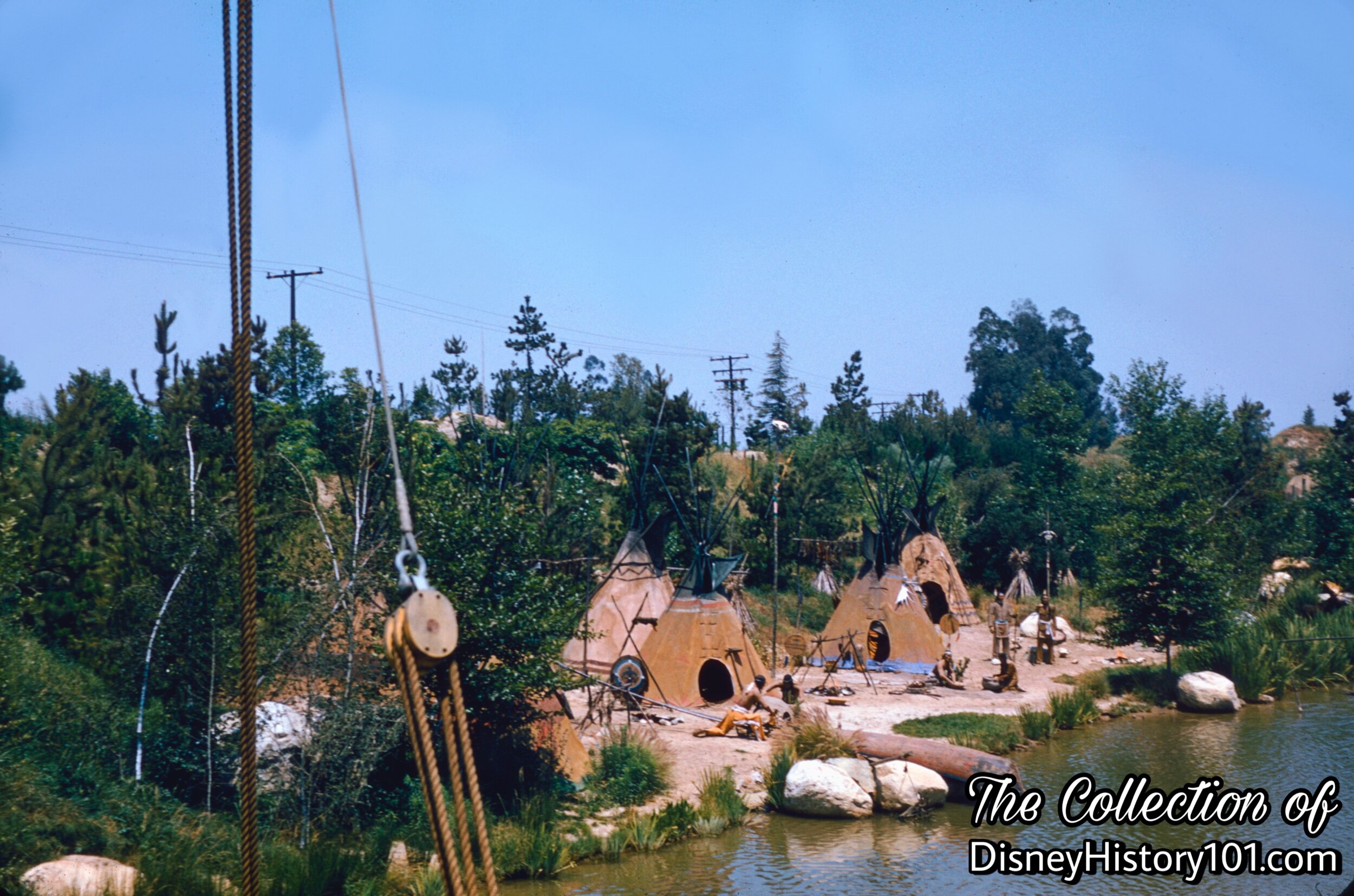
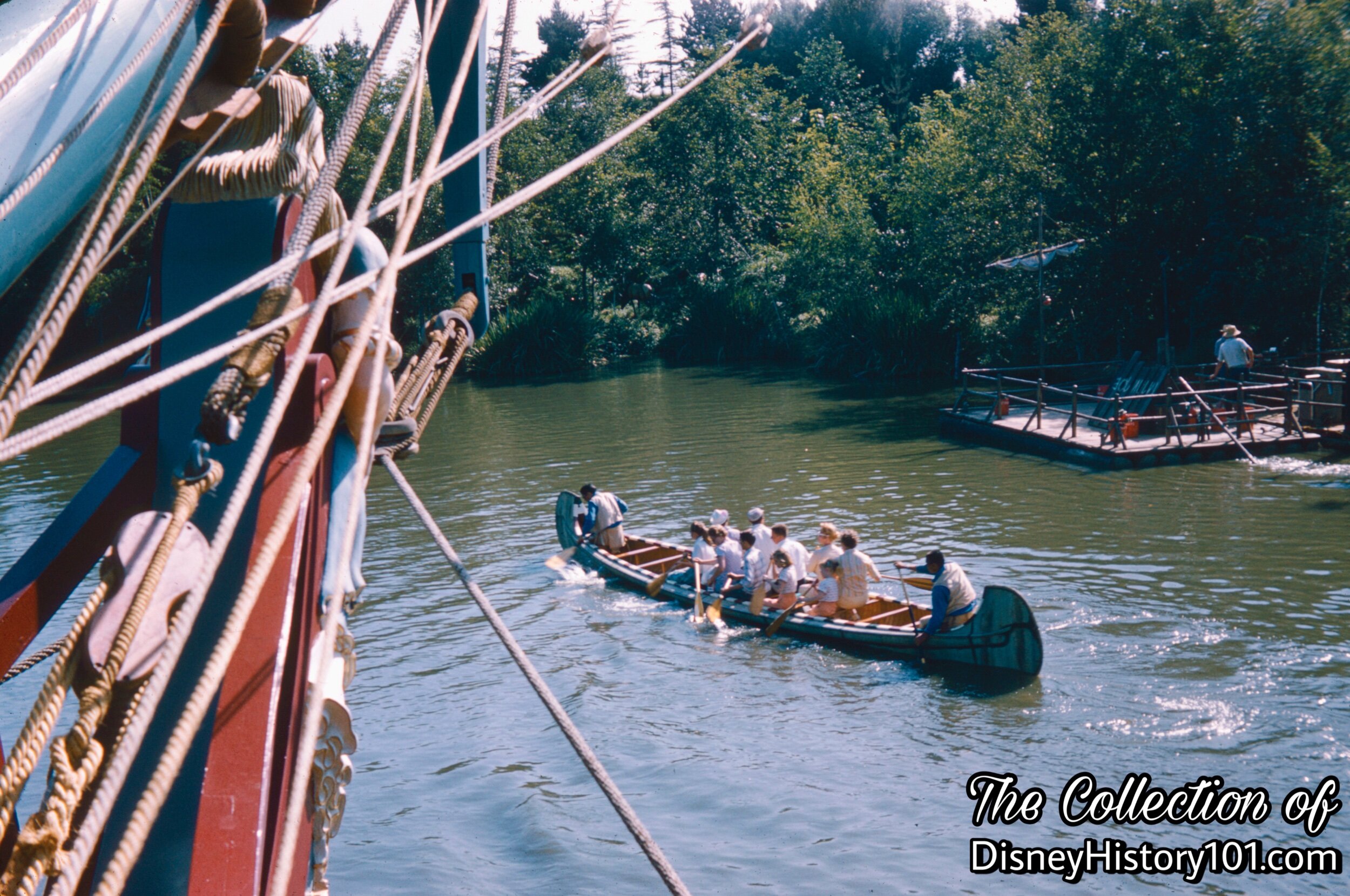
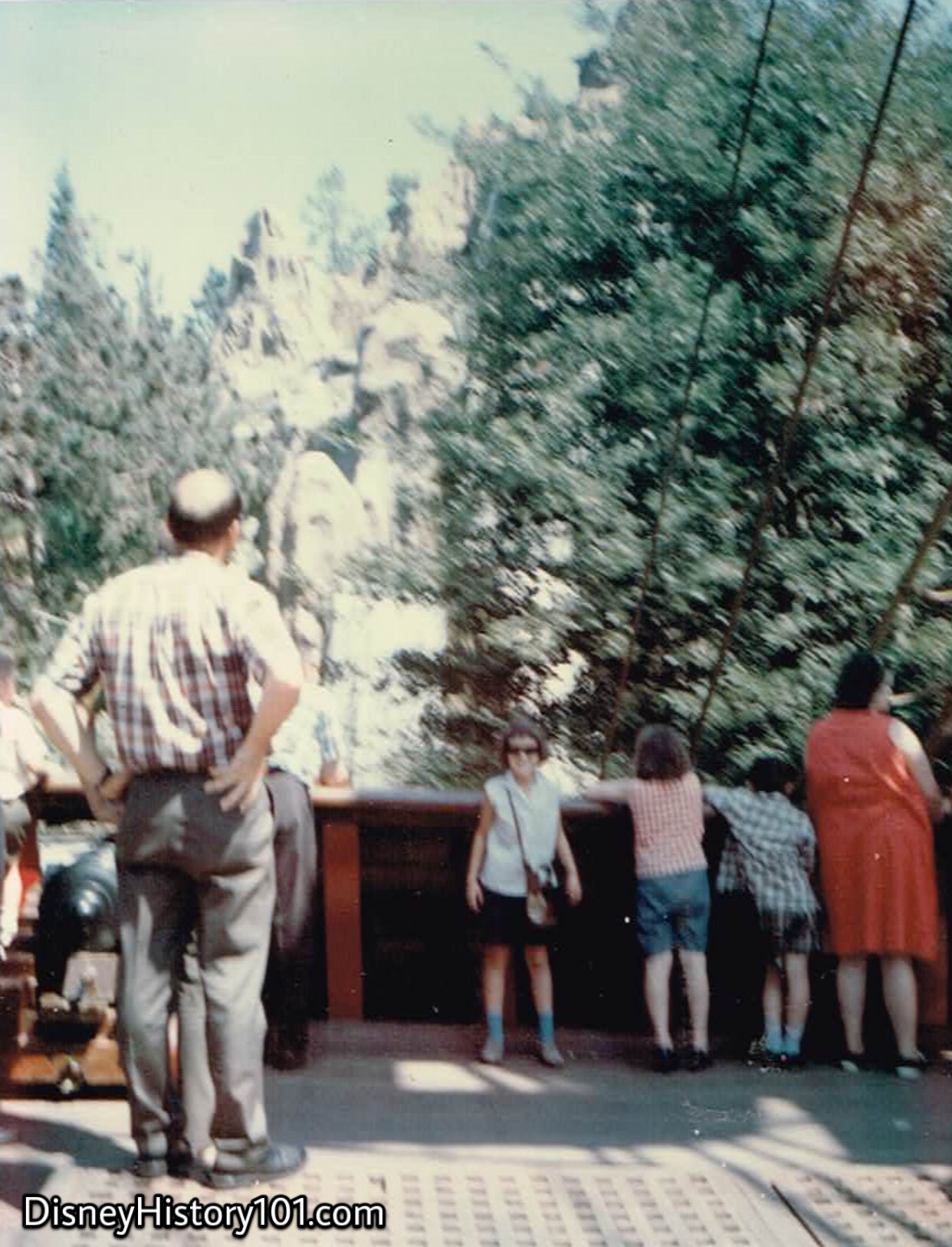
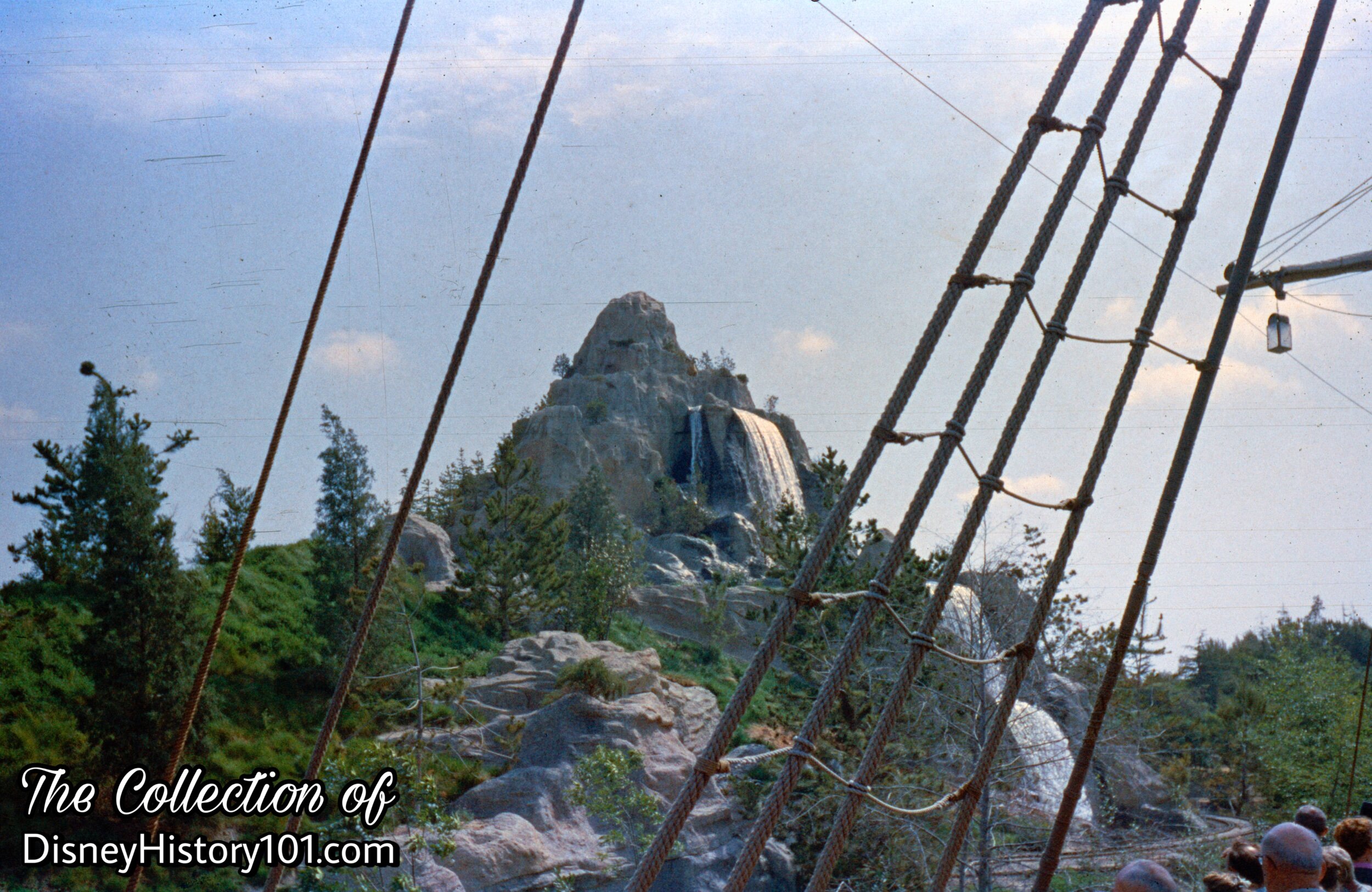
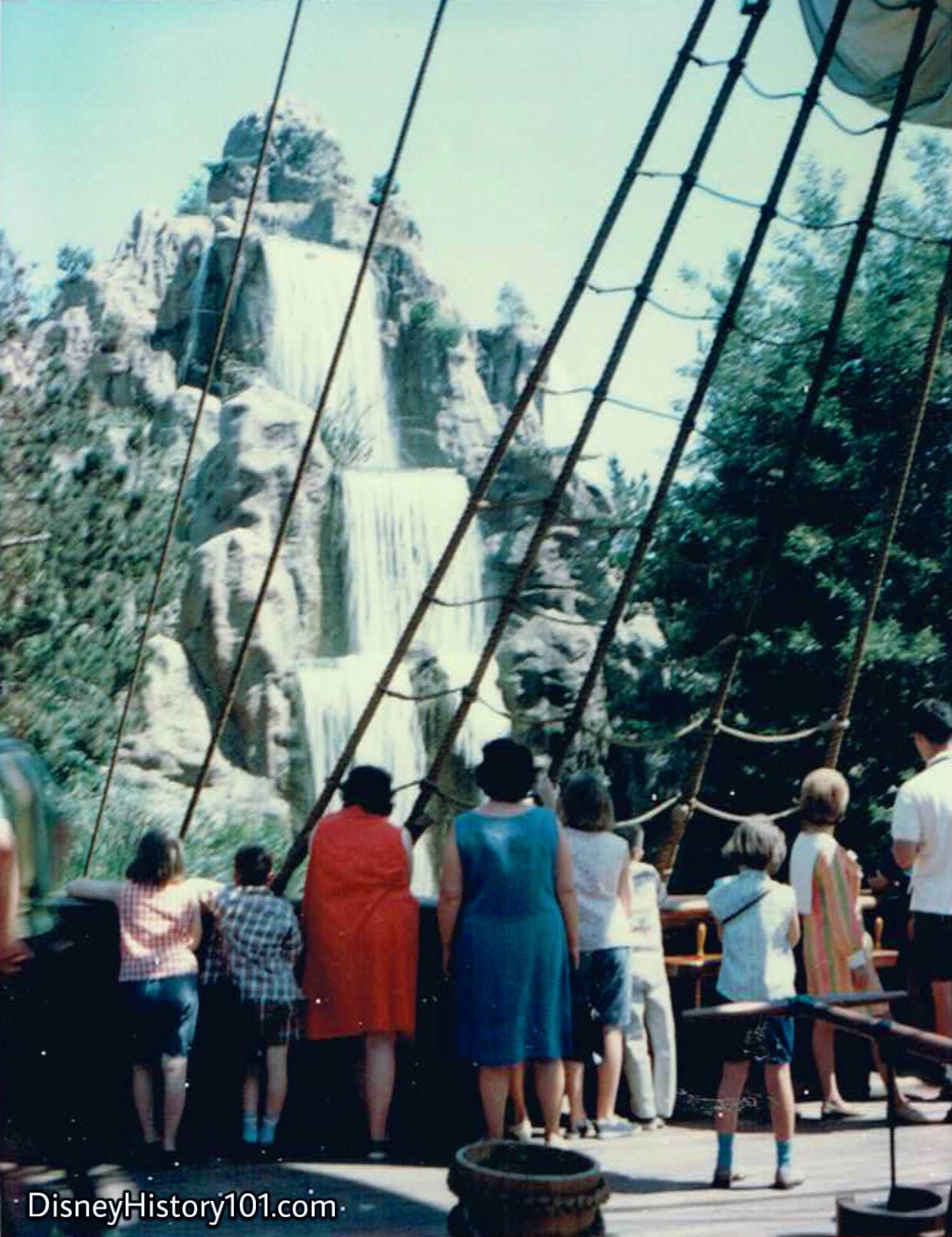

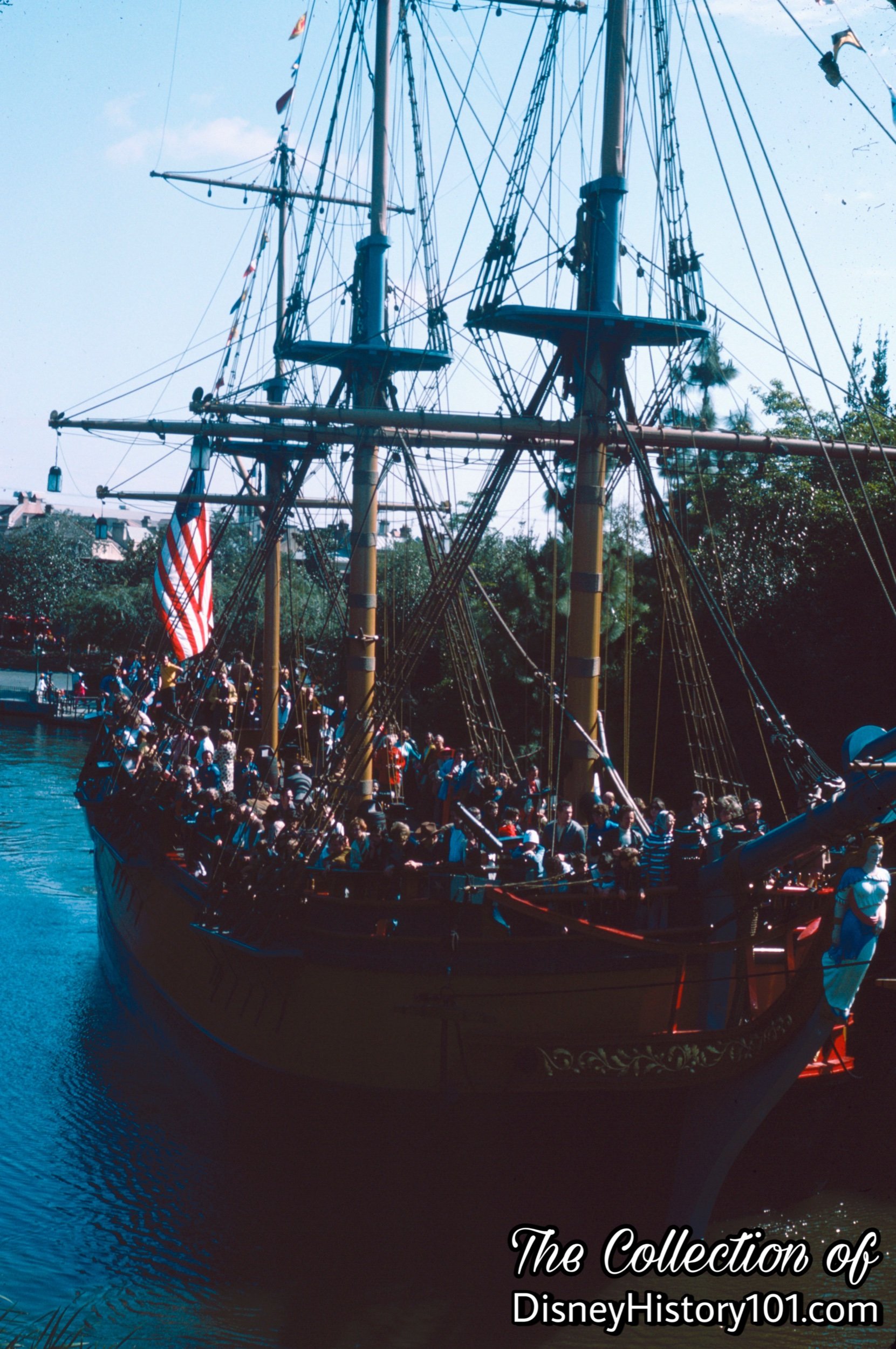

Step aboard Disneyland’s Sailing Ship Columbia, and circumnavigate the Rivers of America!
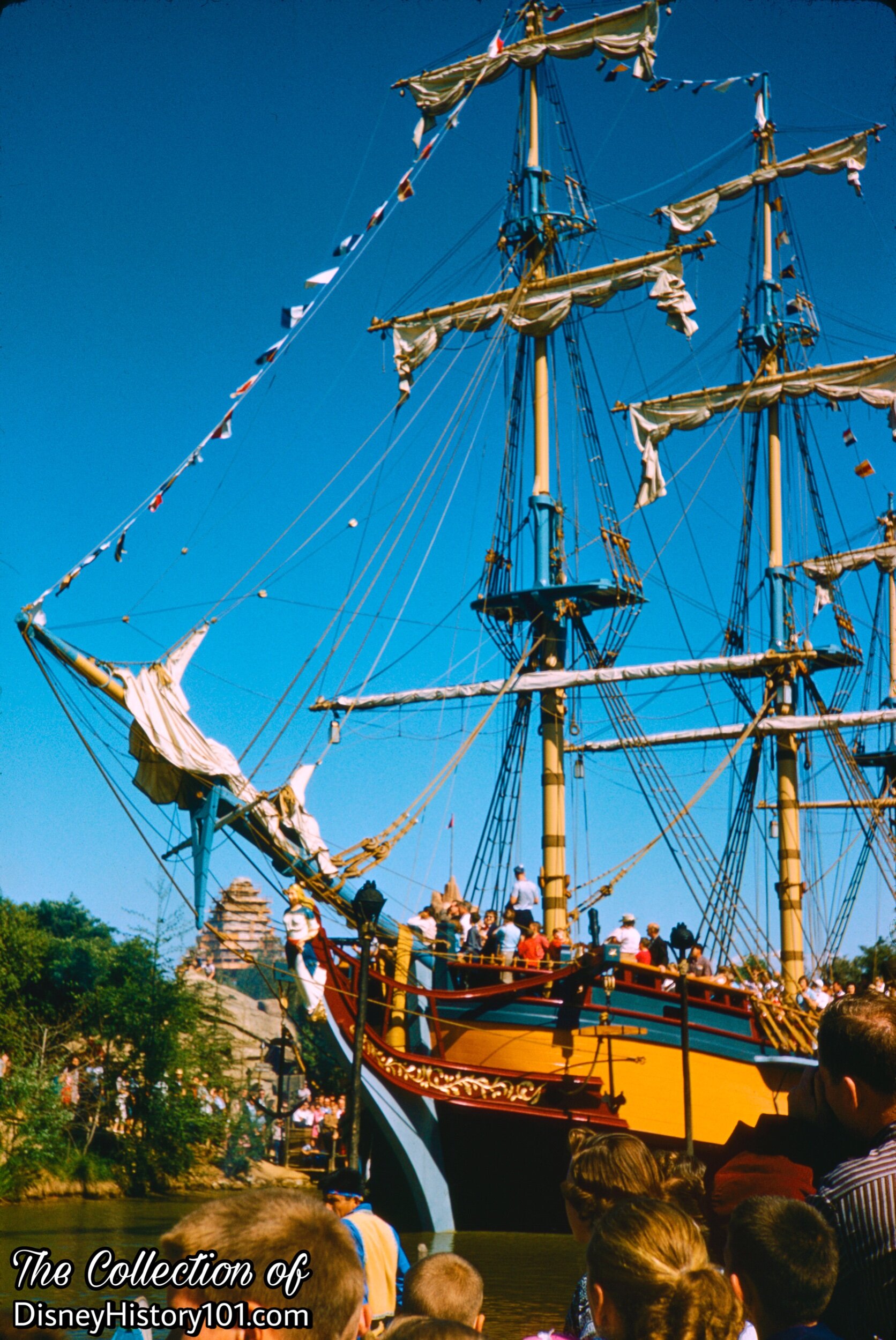
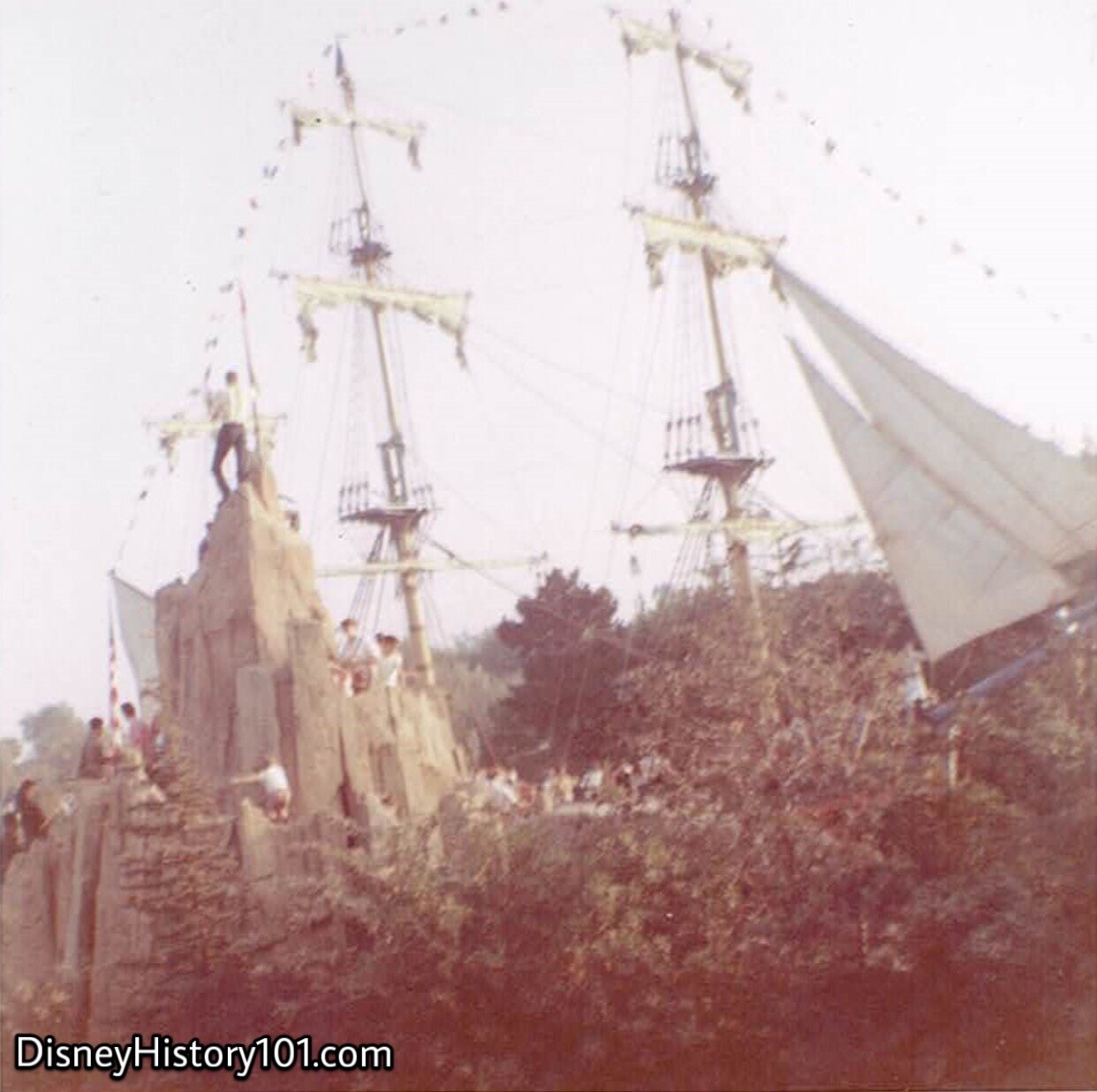
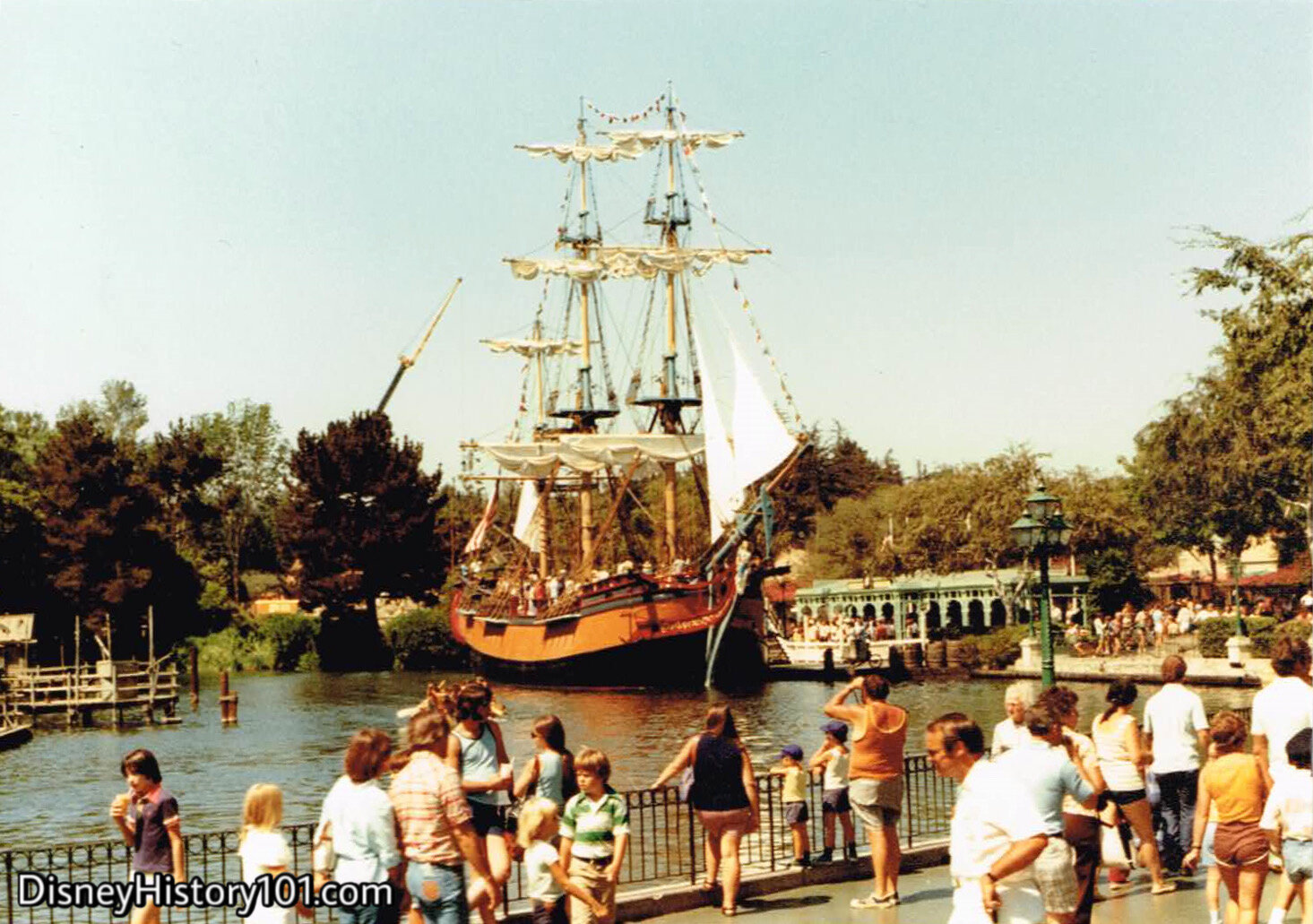
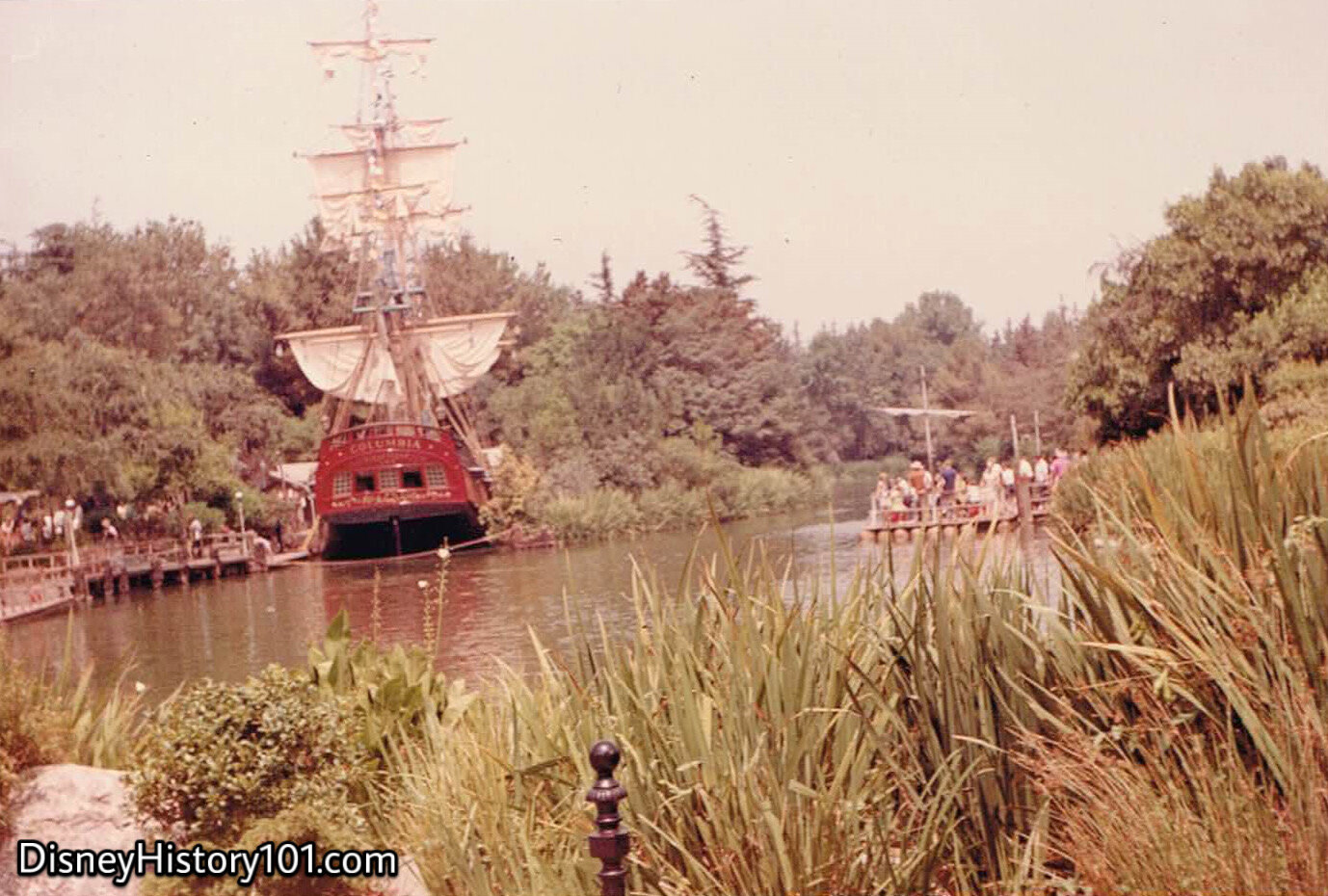
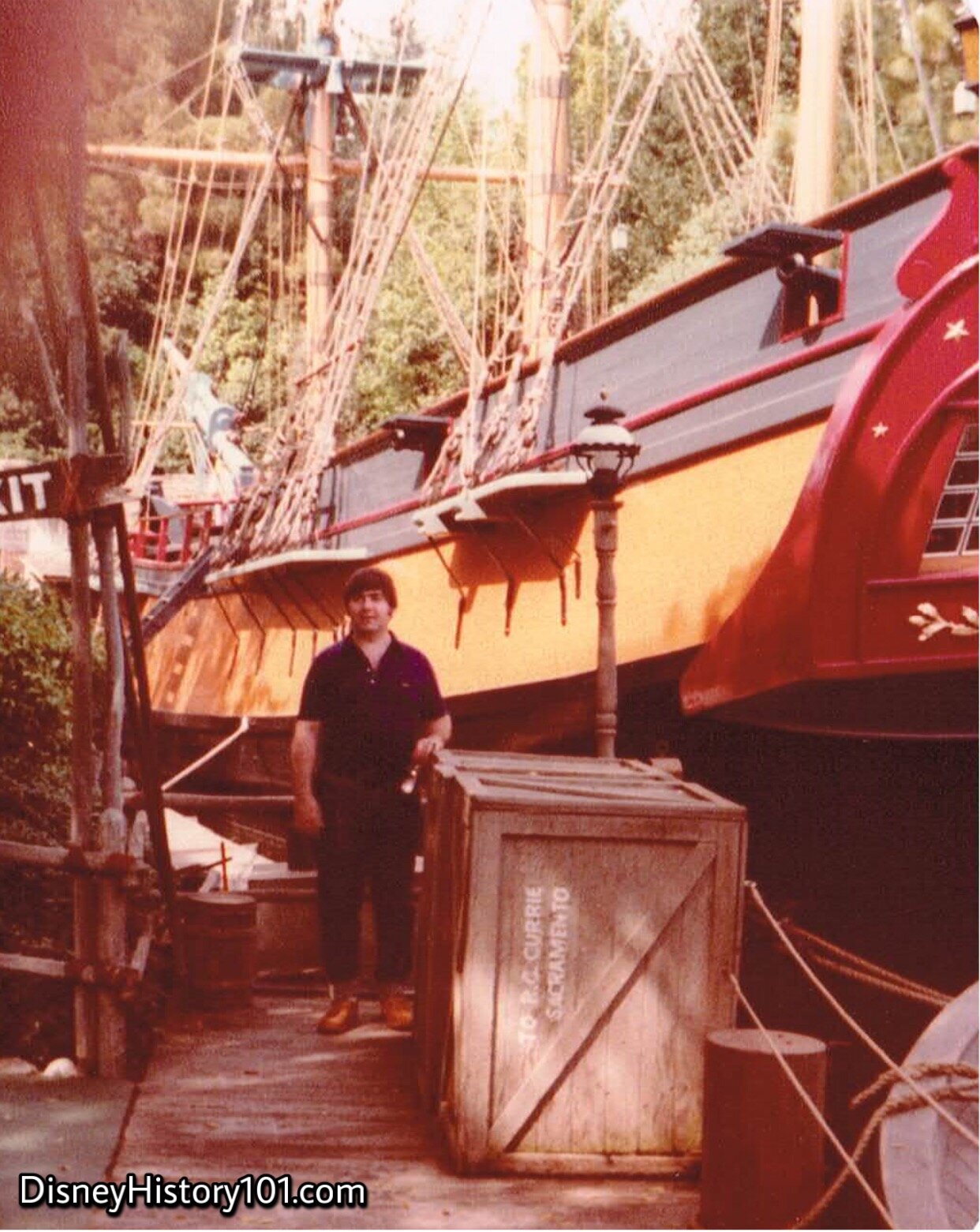
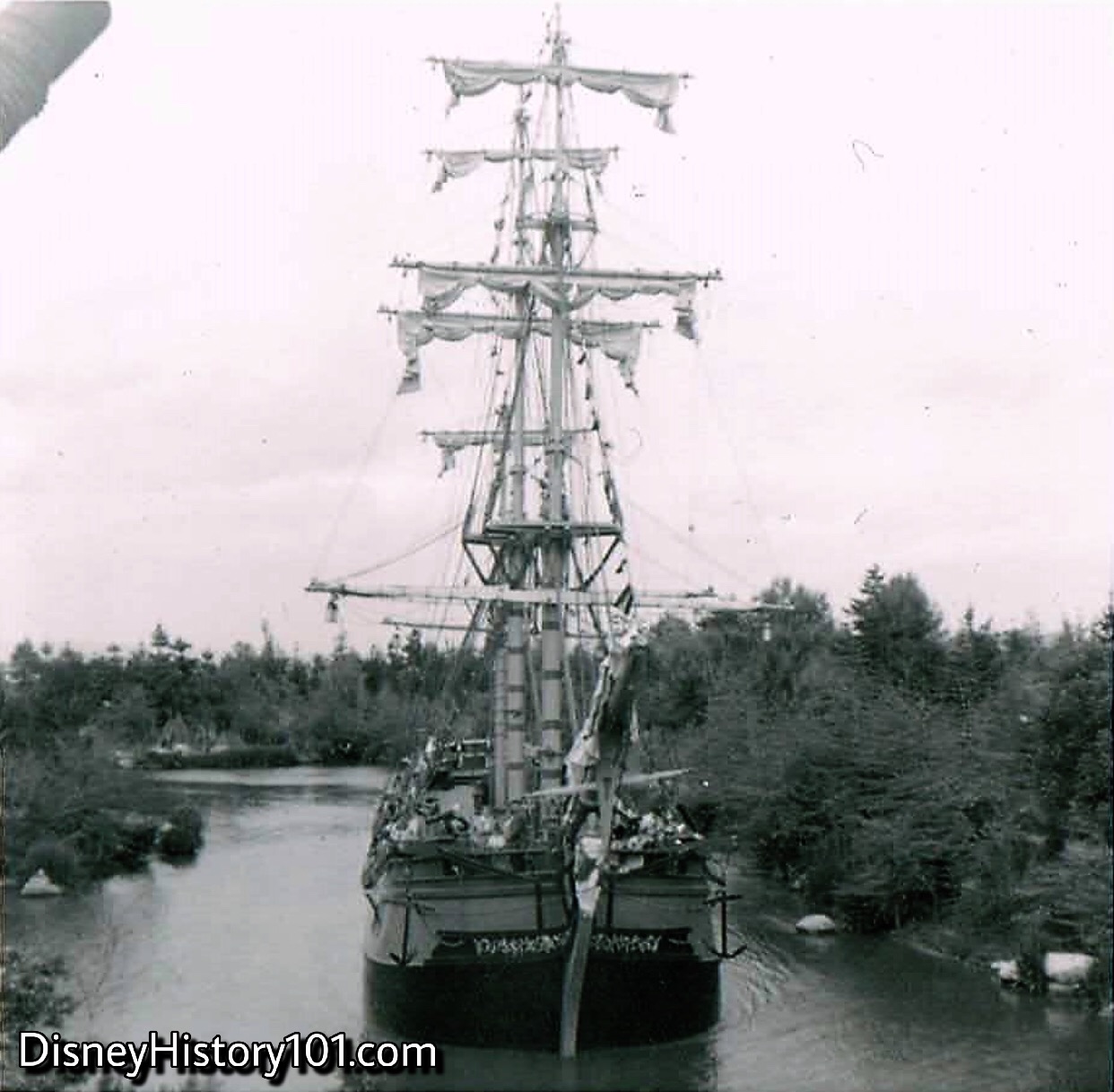
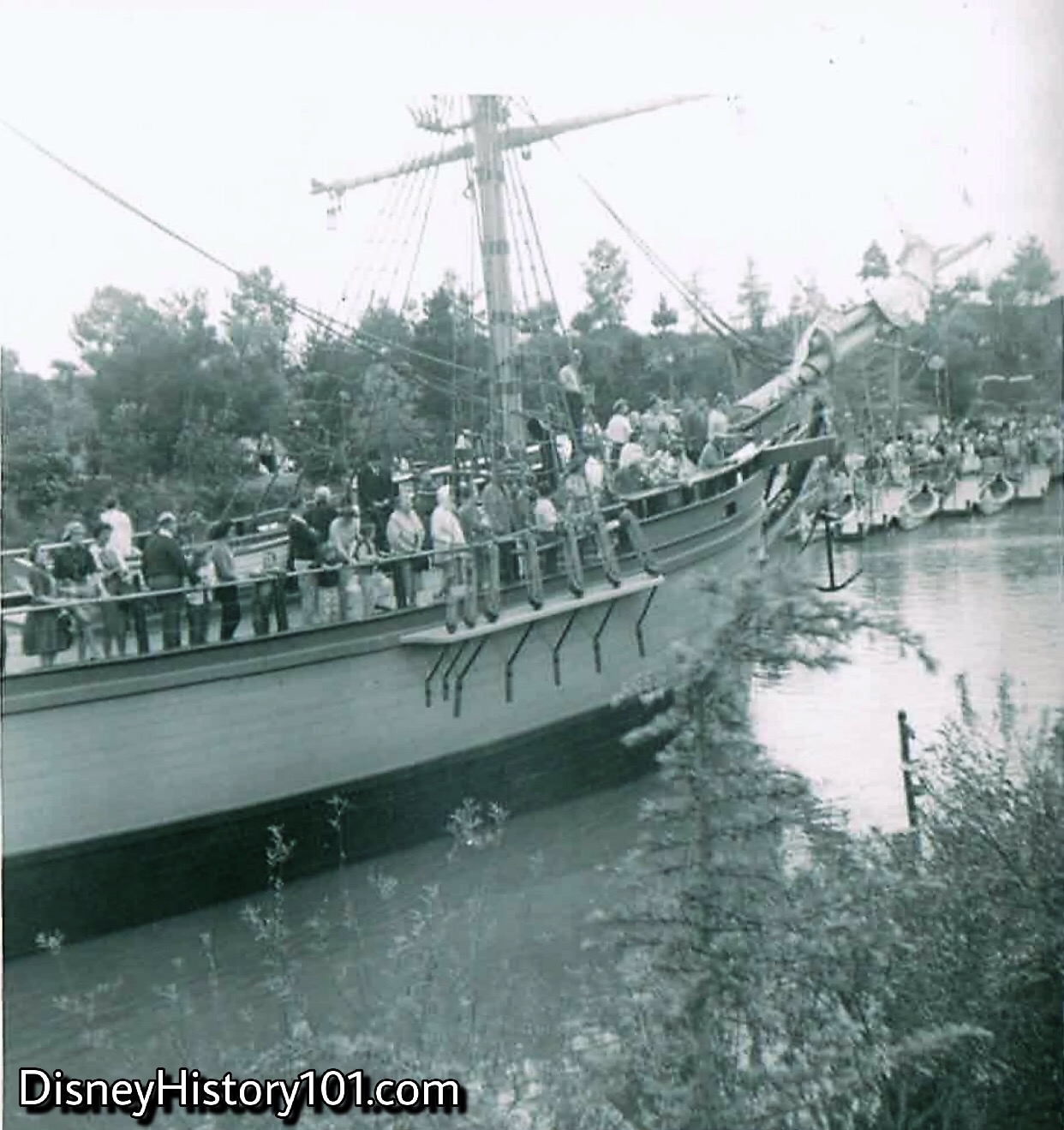
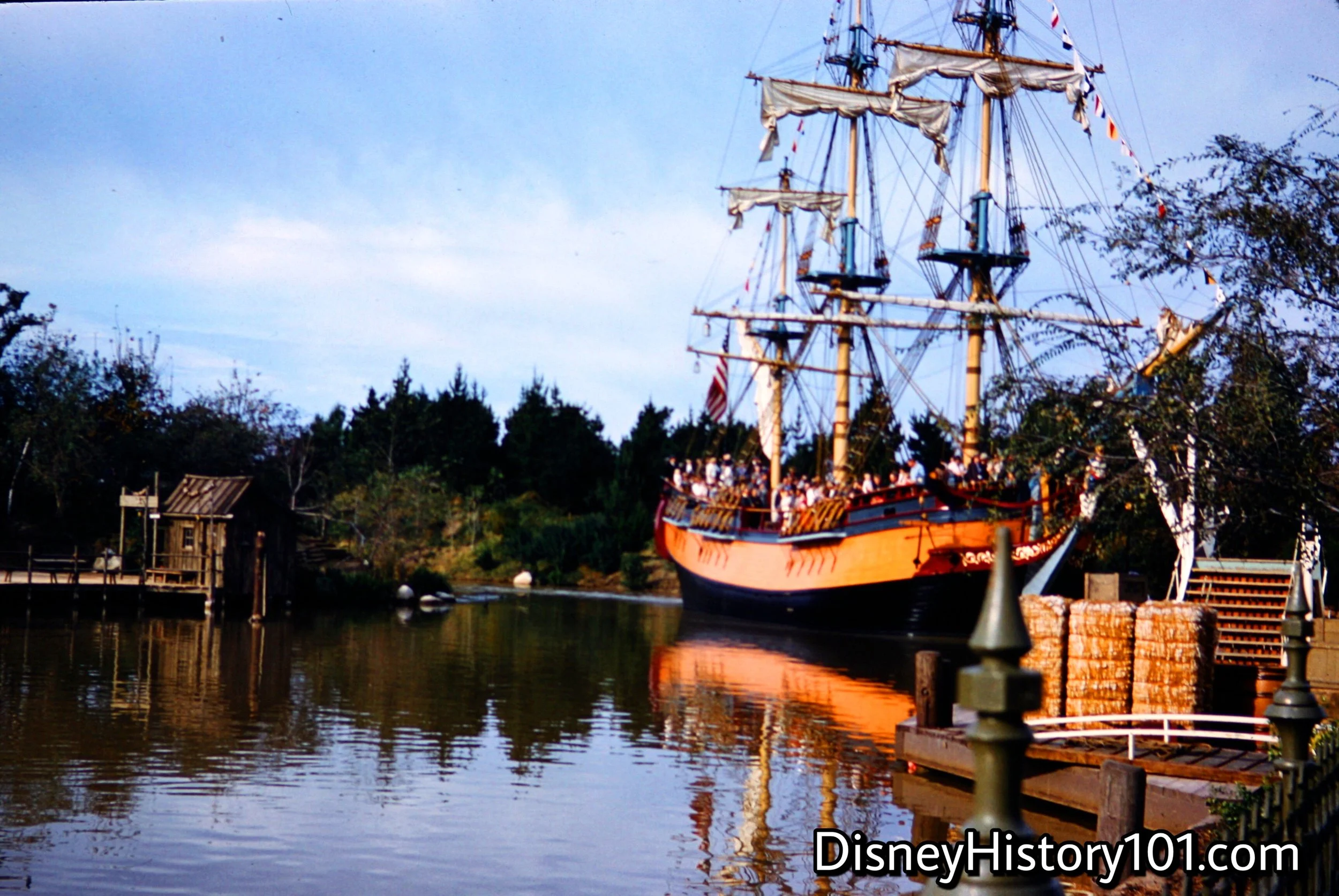

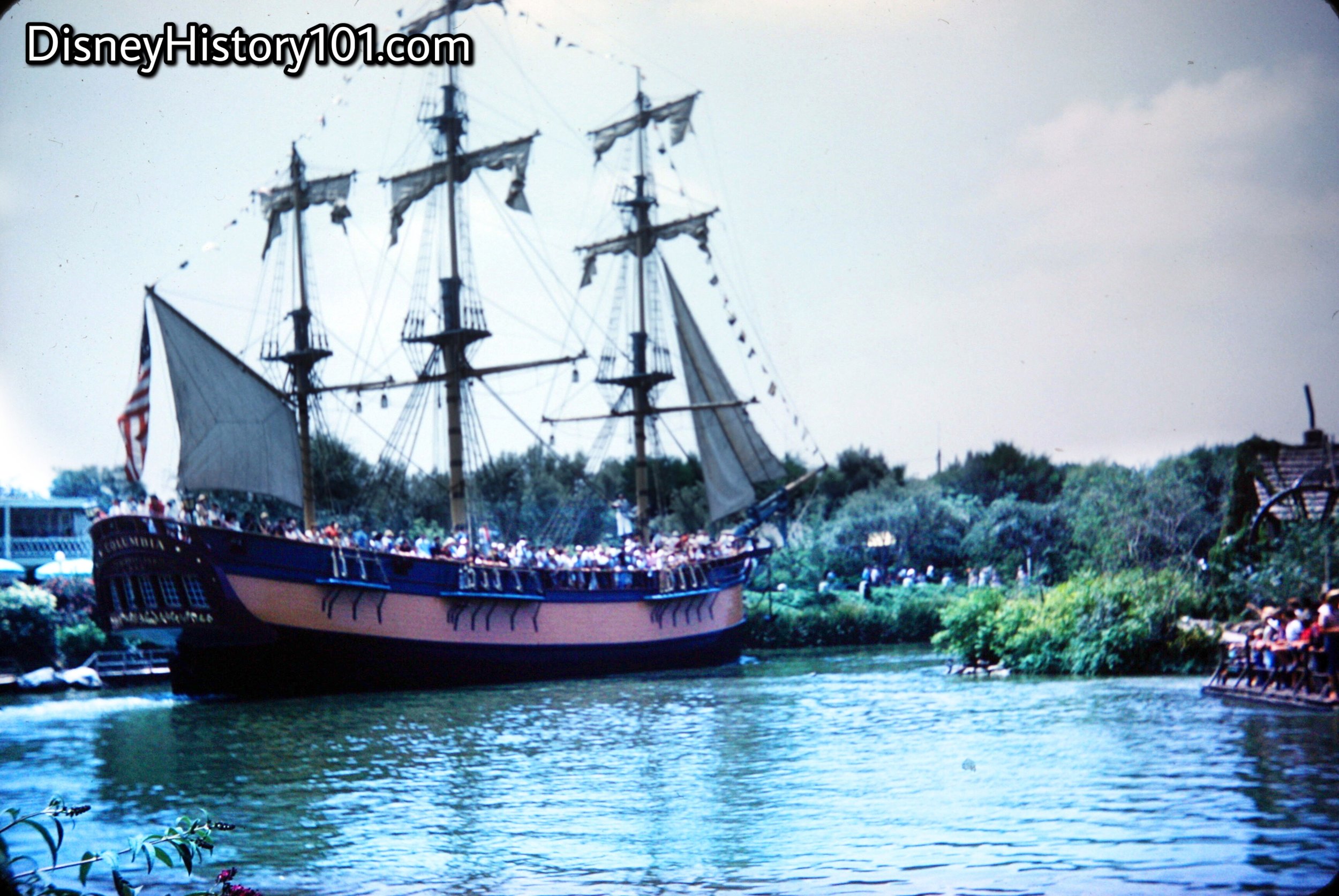
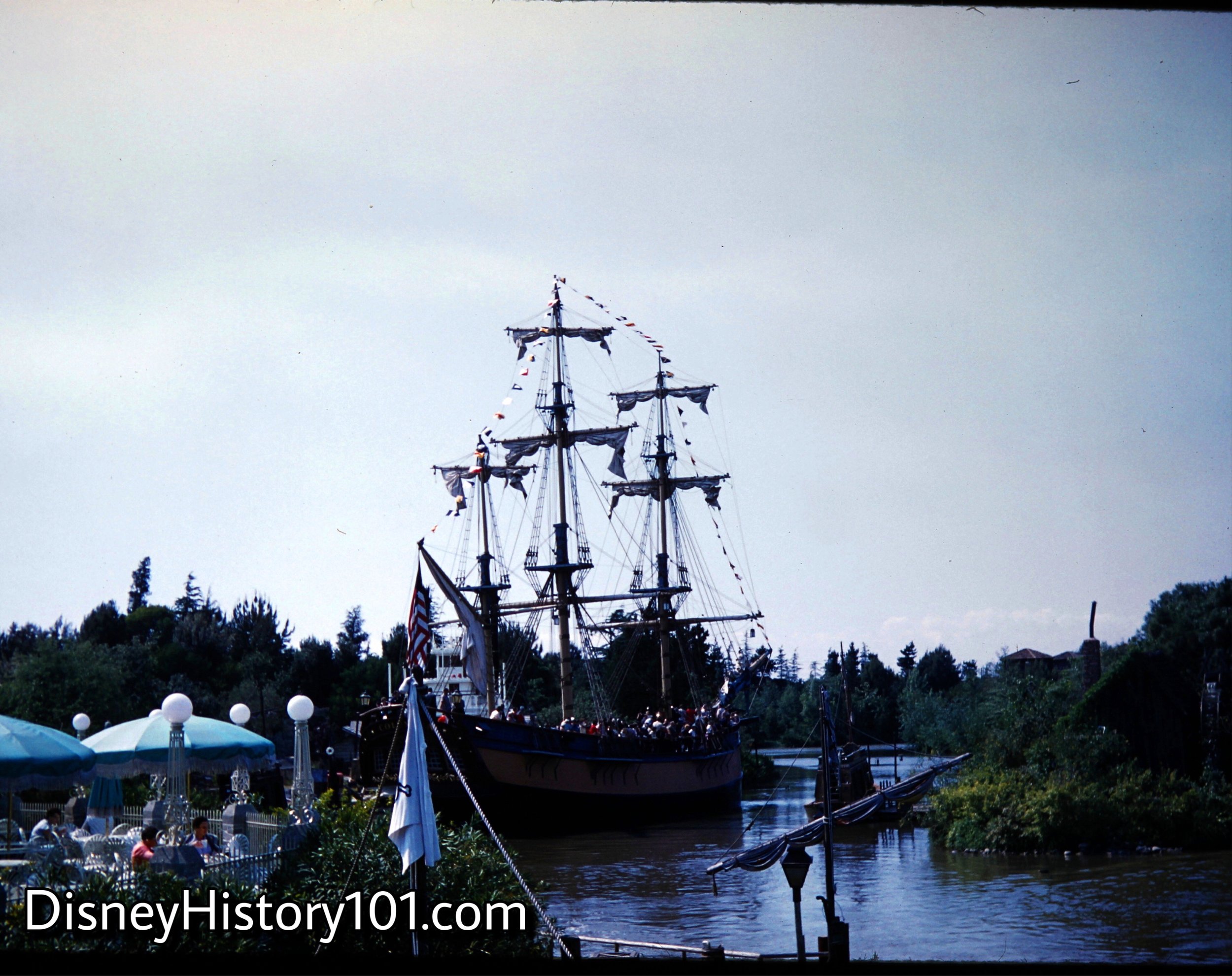
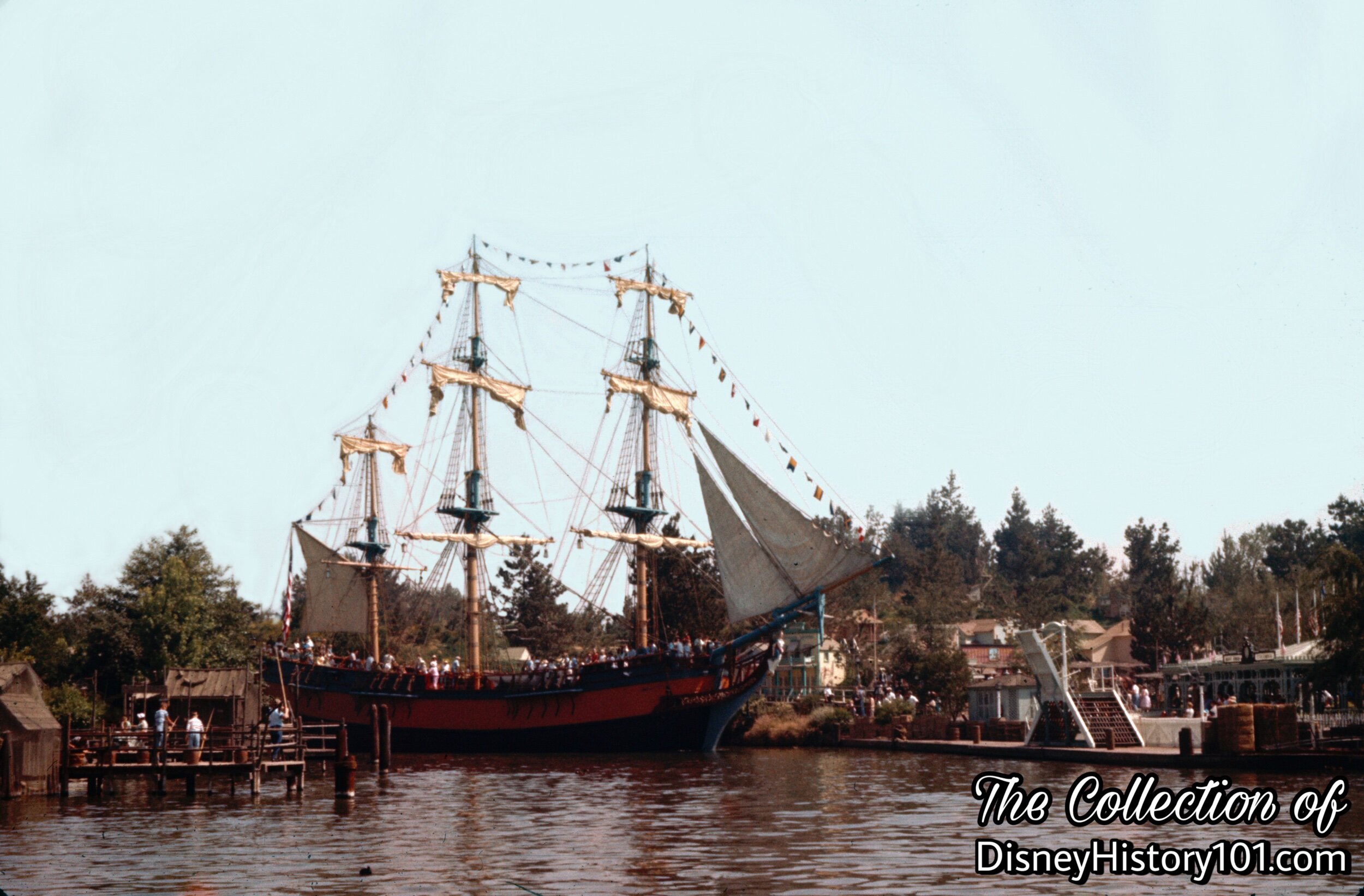



The upper deck of the Columbia granted passengers a preview of Fire Dance Circle and the rest of the Indian Village right along the shores of the Rivers of America. While this was the scene throughout most of the first decade, expansions along the Rivers of America included changes to the scene of the Frontierland Indian Village at Disneyland. By 1964, commentary was made how “The Indian Village first opened as a Plains Indian encampment. Today it pays tribute to the Blackfoot Tribe, the Crows and other tribes who inhabited the Pacific Northwest territory explored by the original Columbia and her crew,” according to“Walt Disney Disneyland,” page 42, printed by Officine Grafiche Arnoldo Mondadori - Verona; first published 1964.
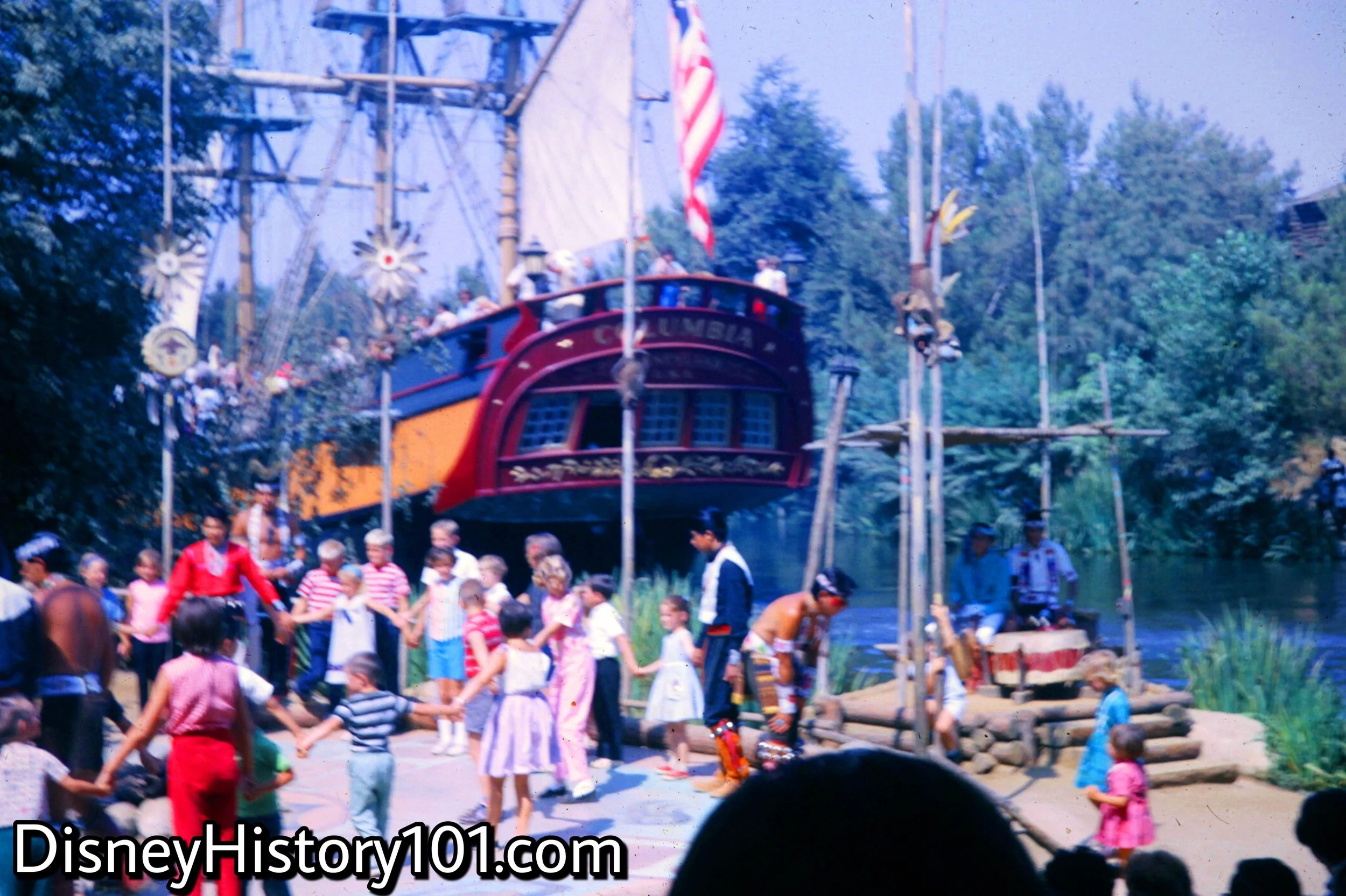
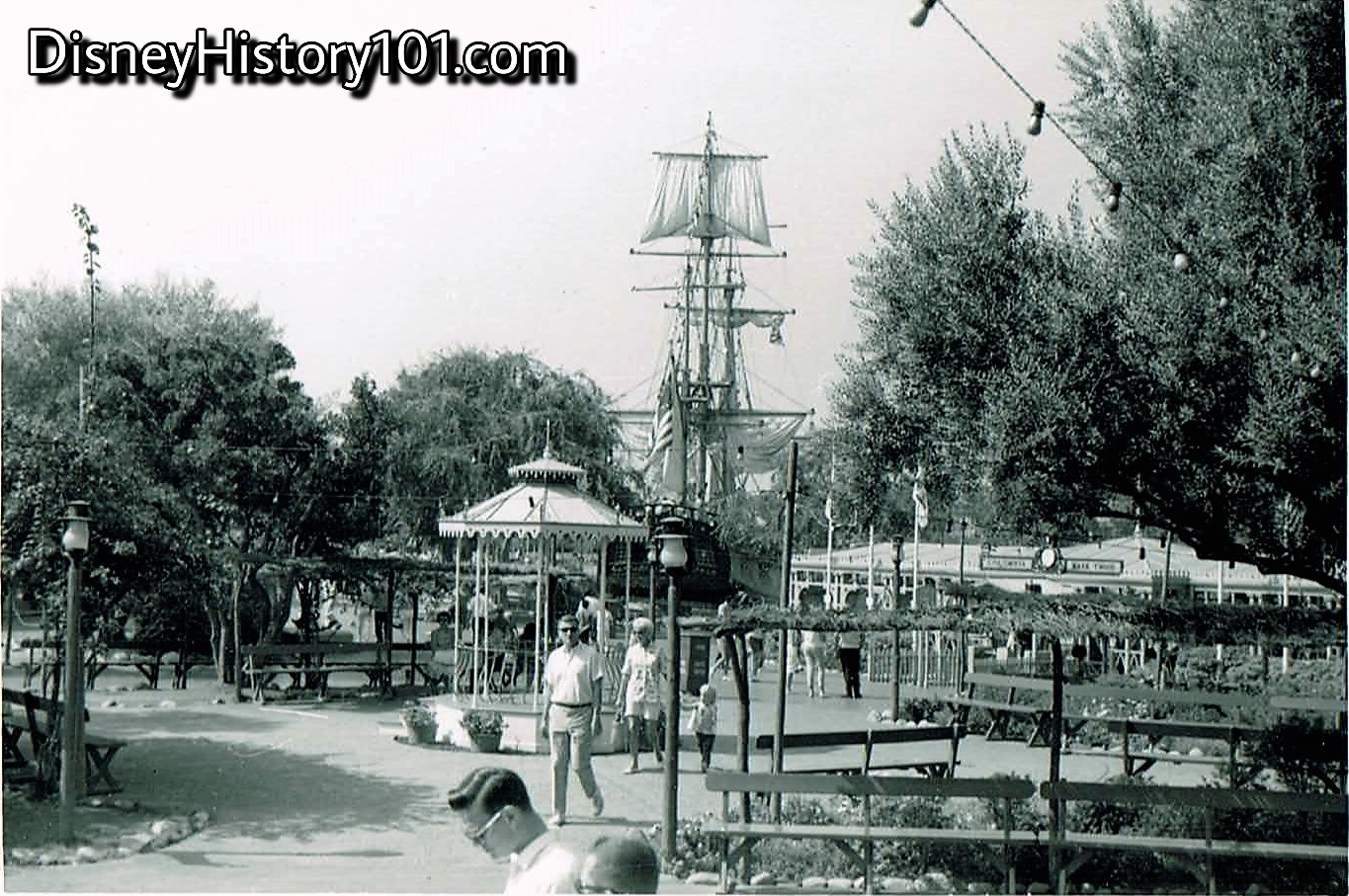
The masts of the Columbia rise high above the Mexican Village in Frontierland.
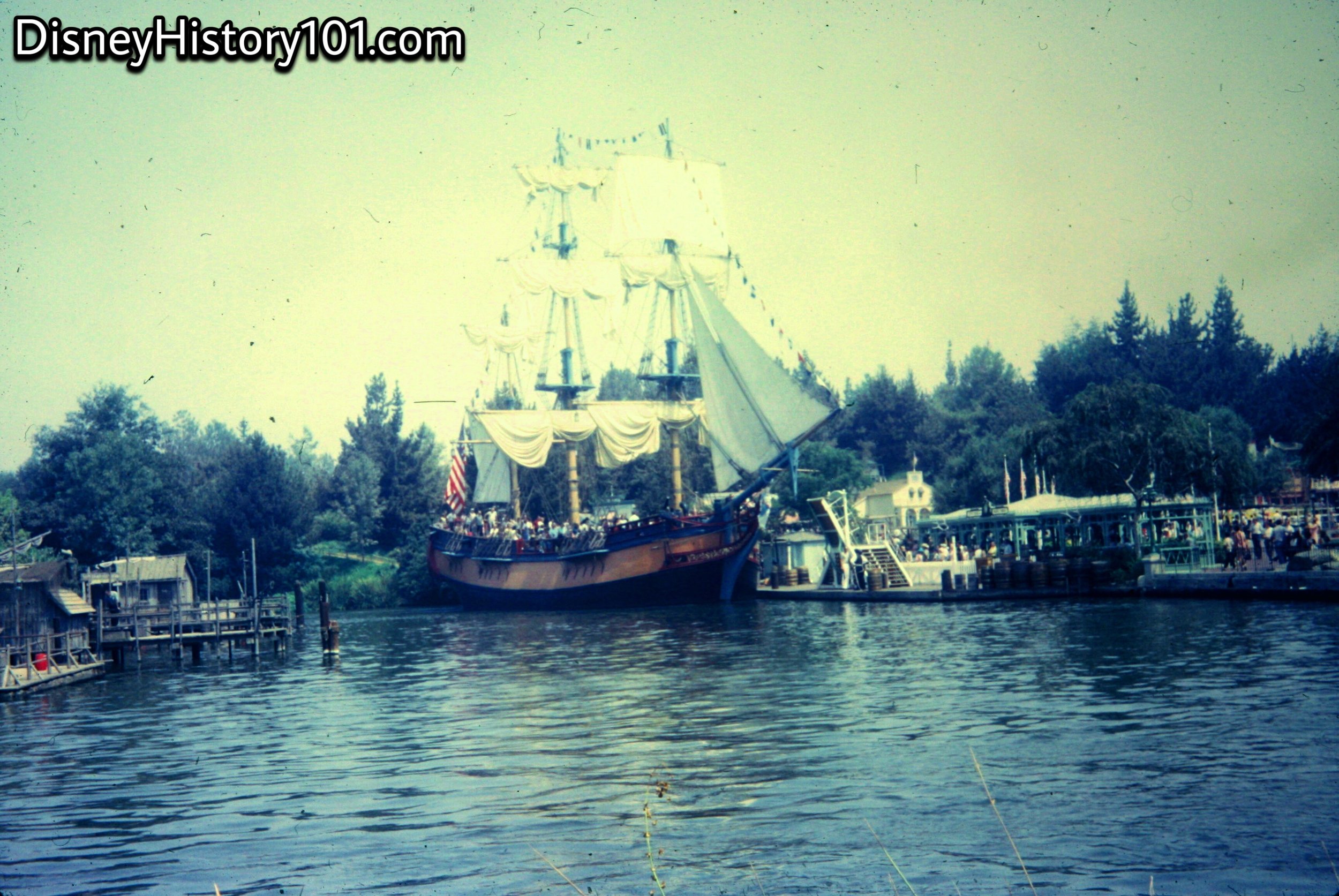
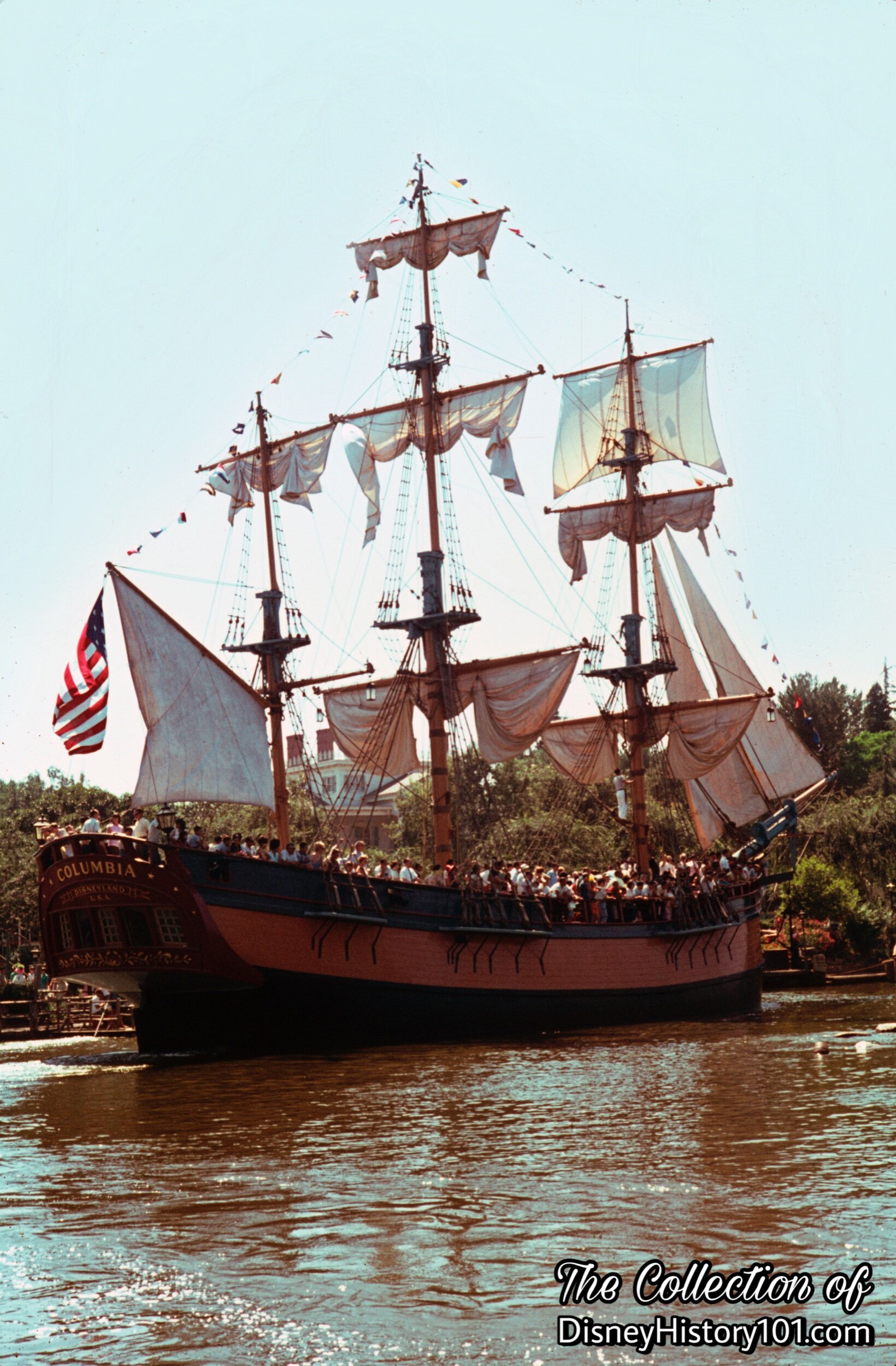
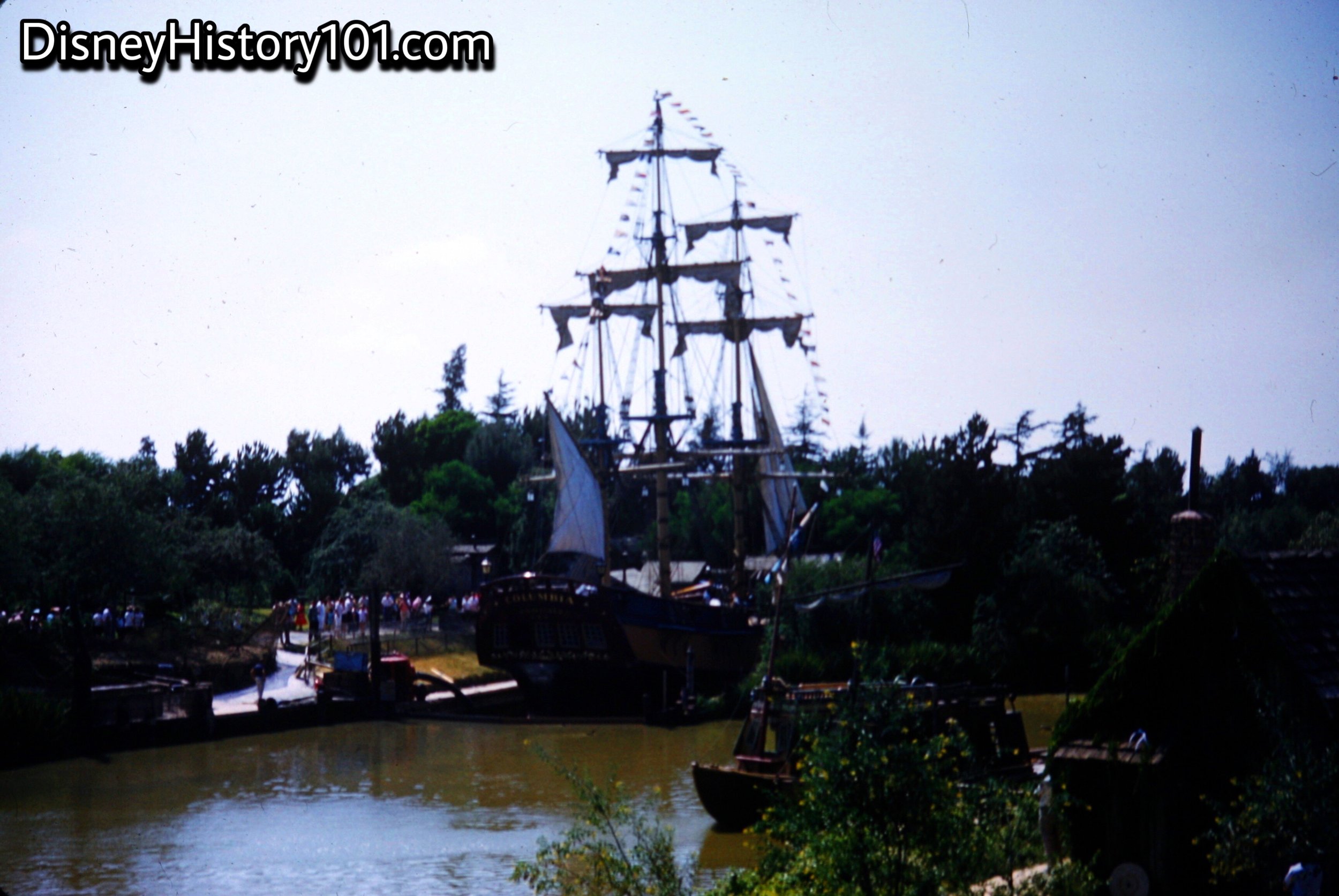
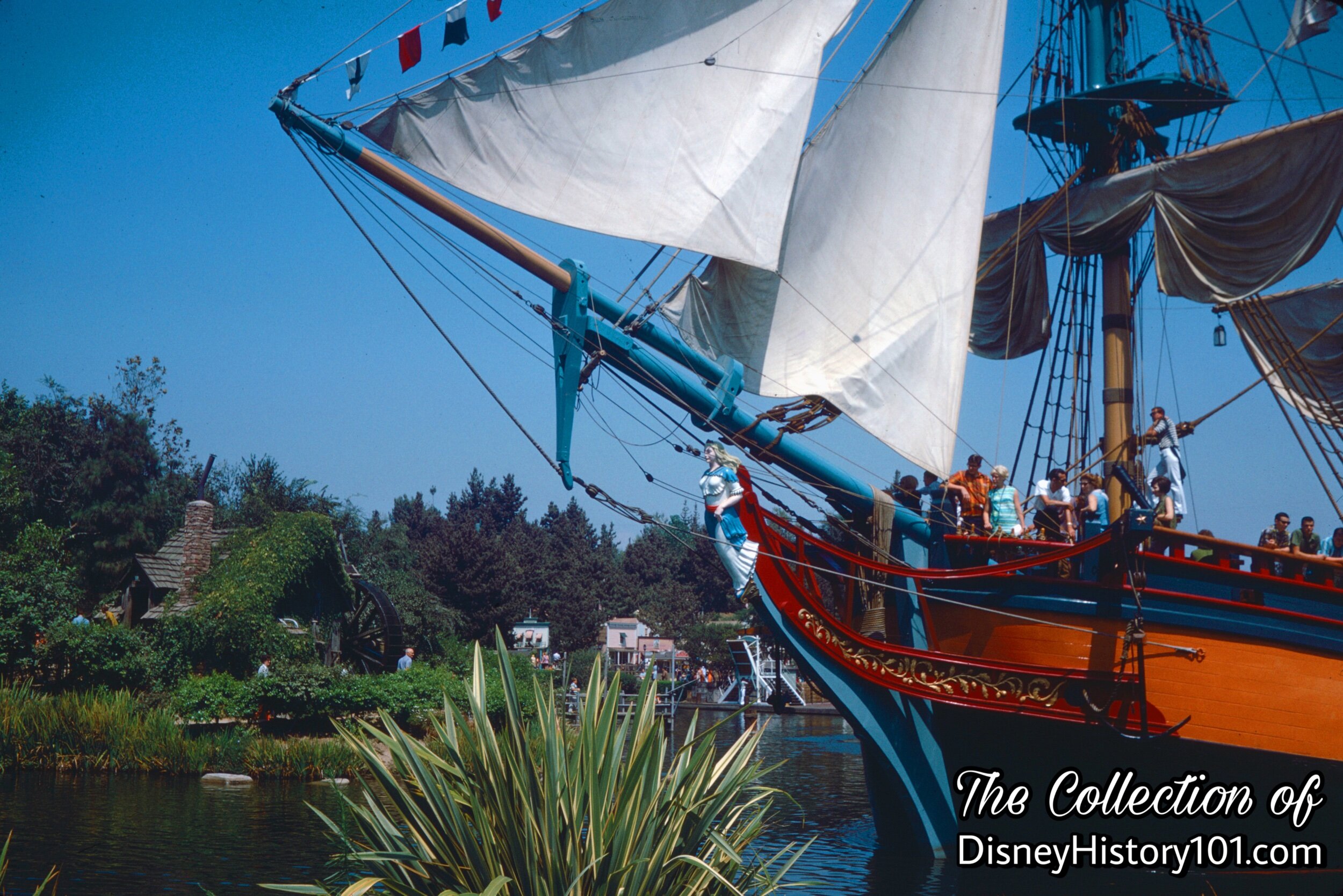
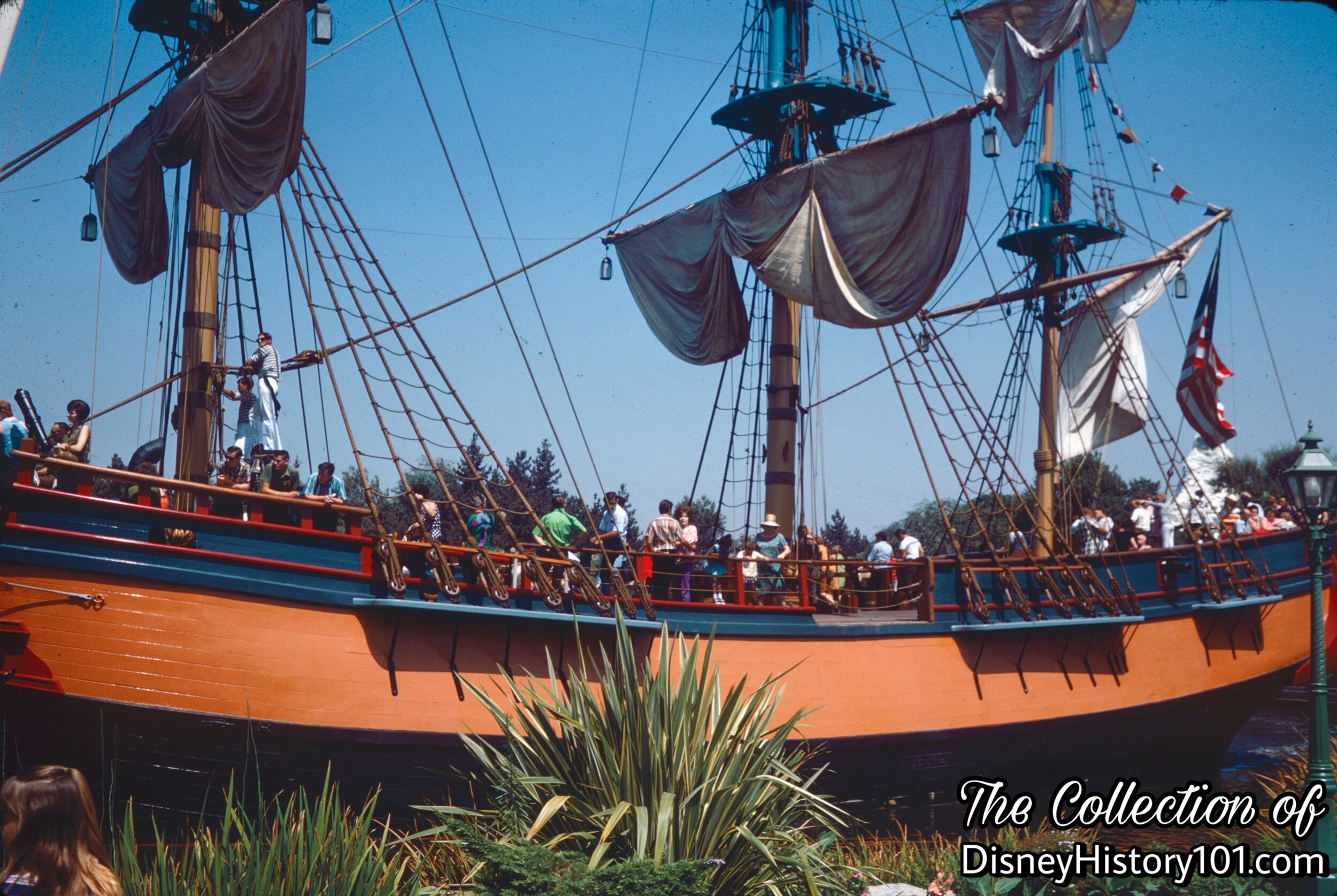

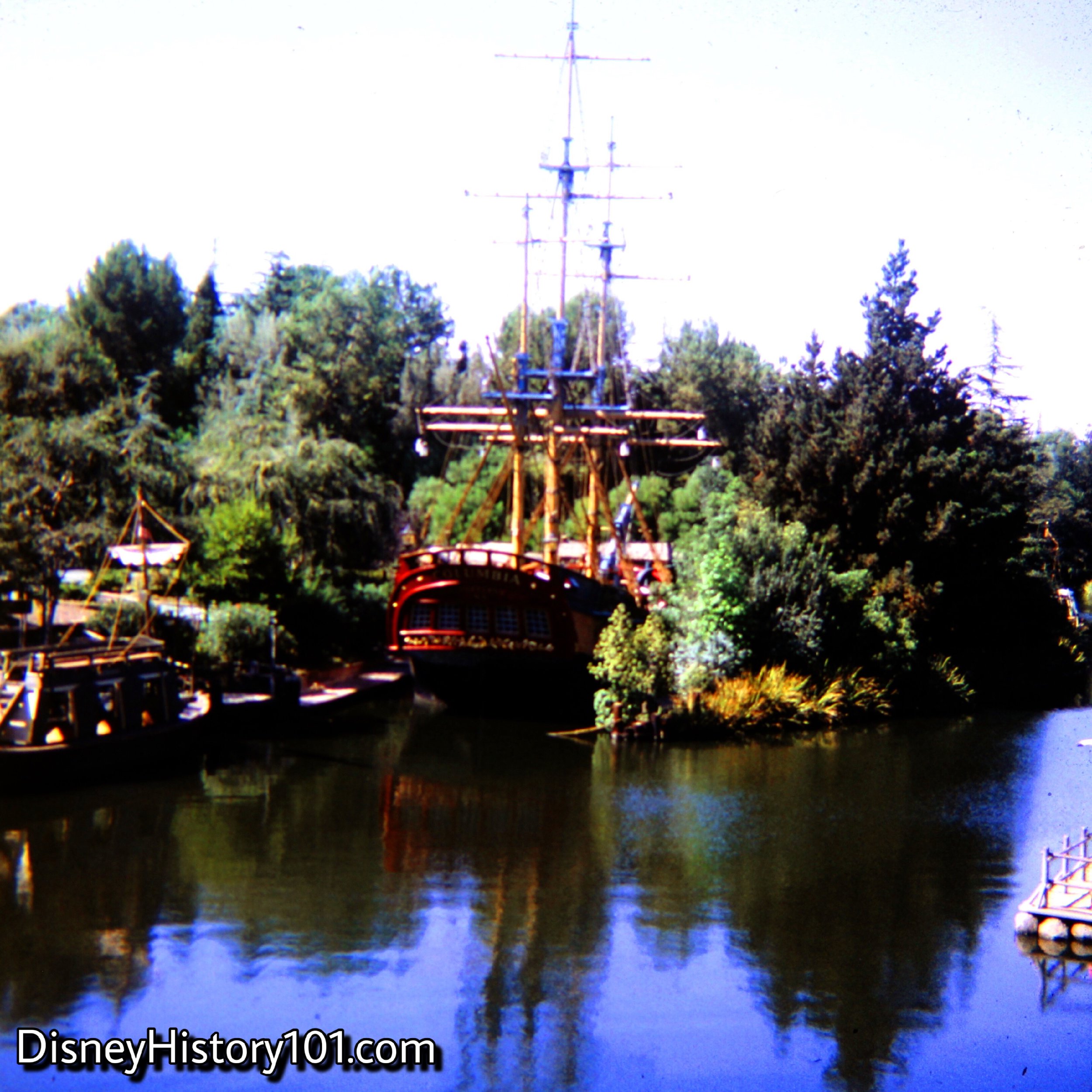
When it wasn’t circumnavigating the Rivers of America, the Columbia spent most of its time in Fowler’s Harbor.
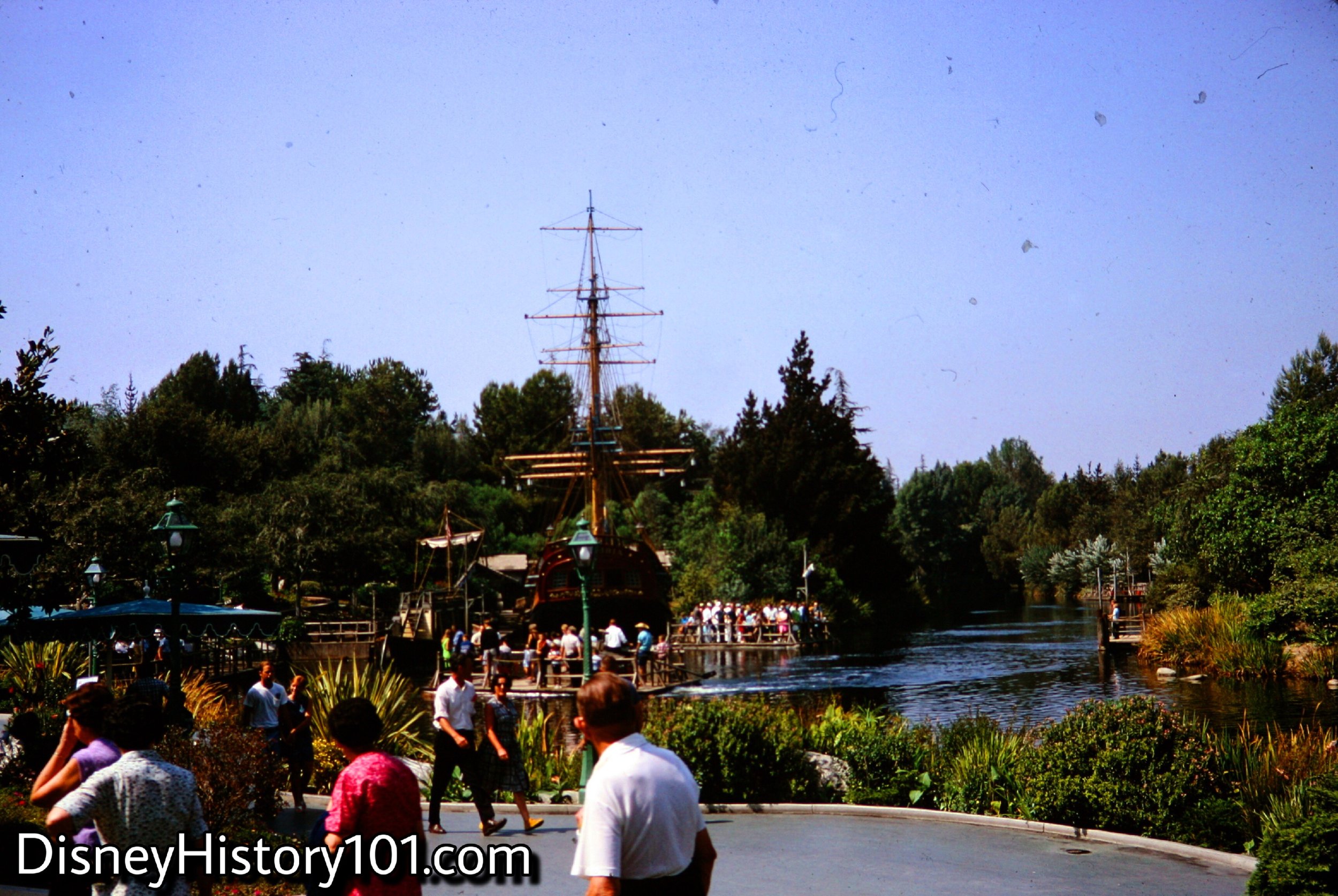
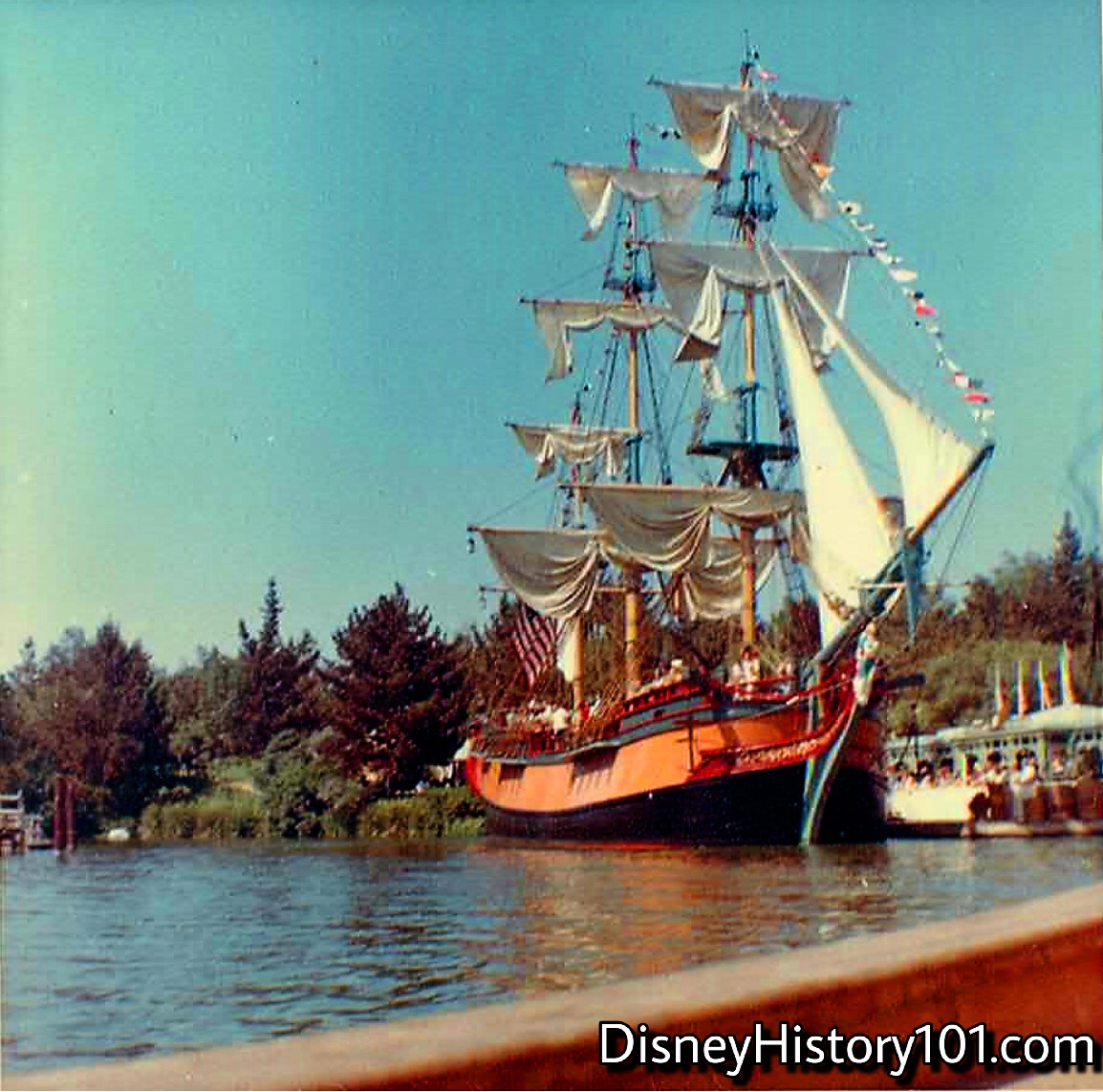
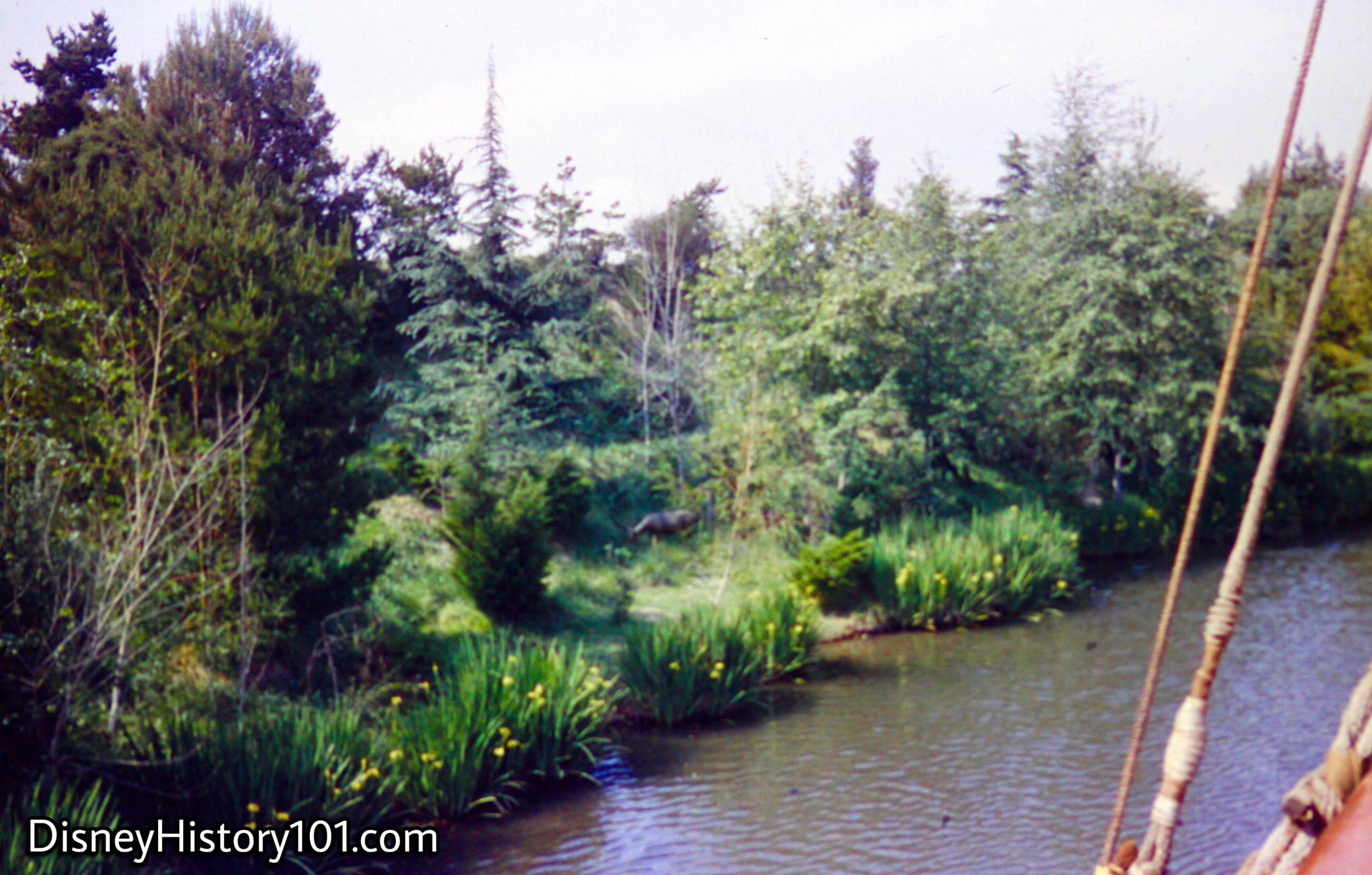

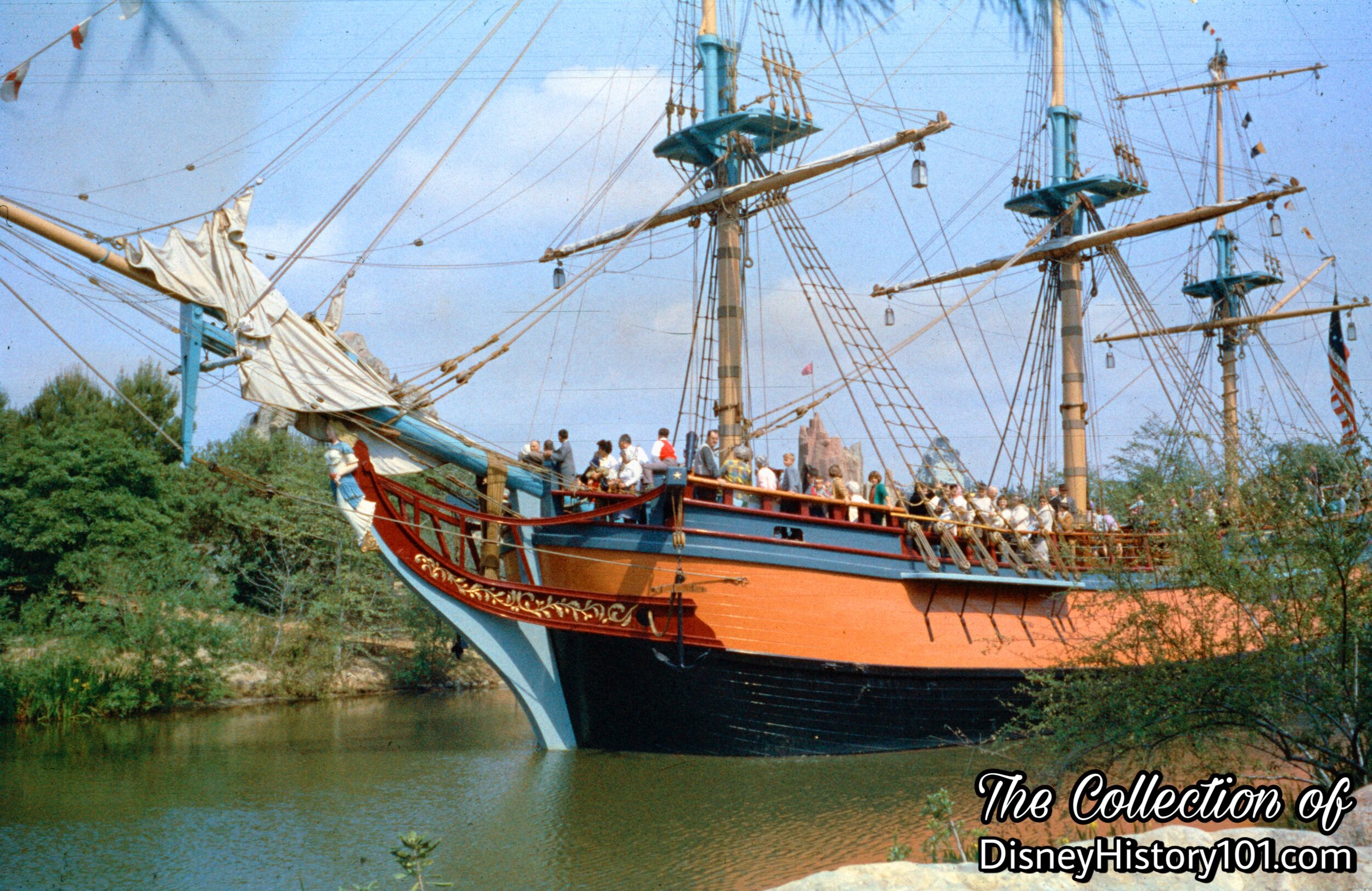
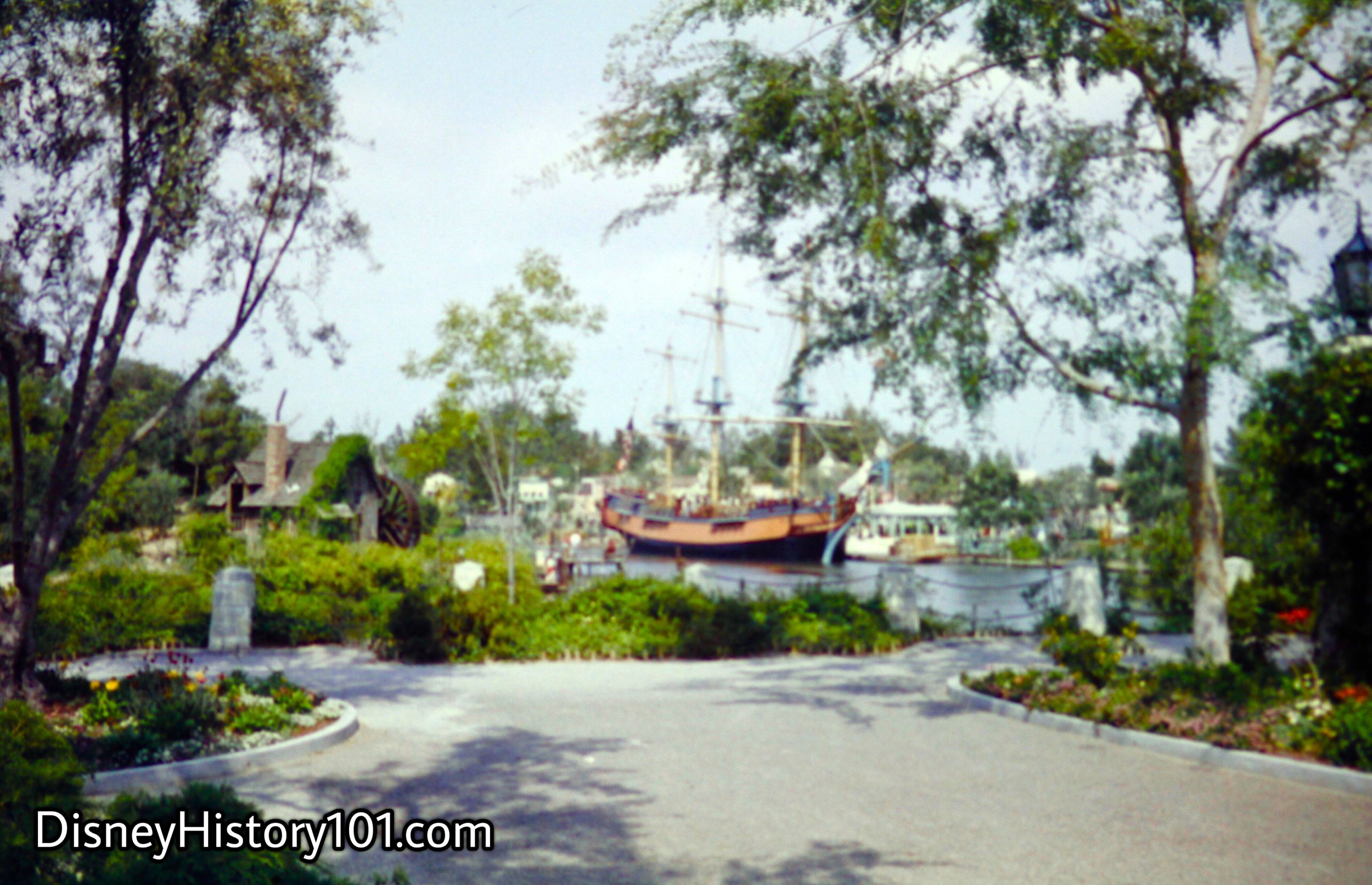
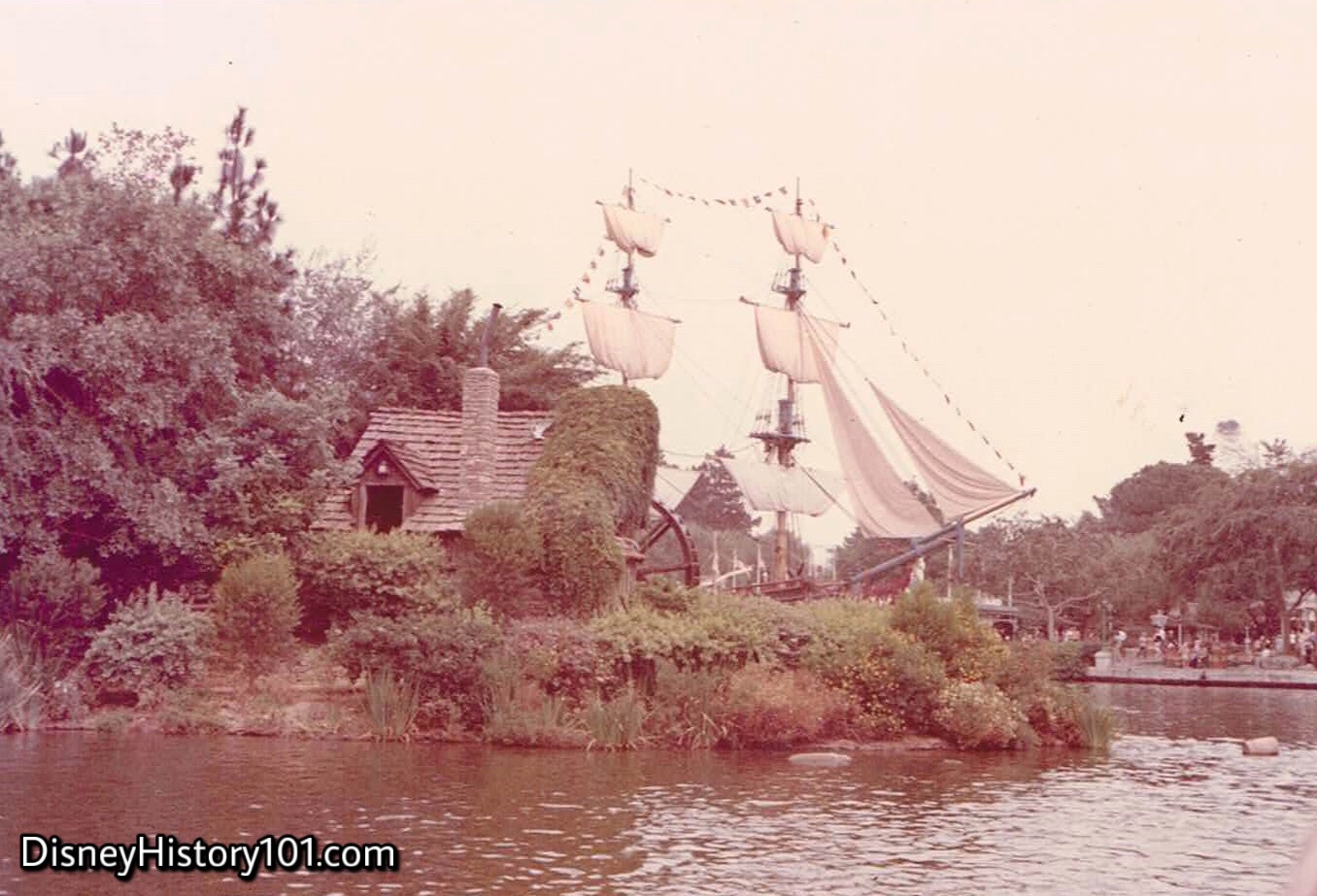
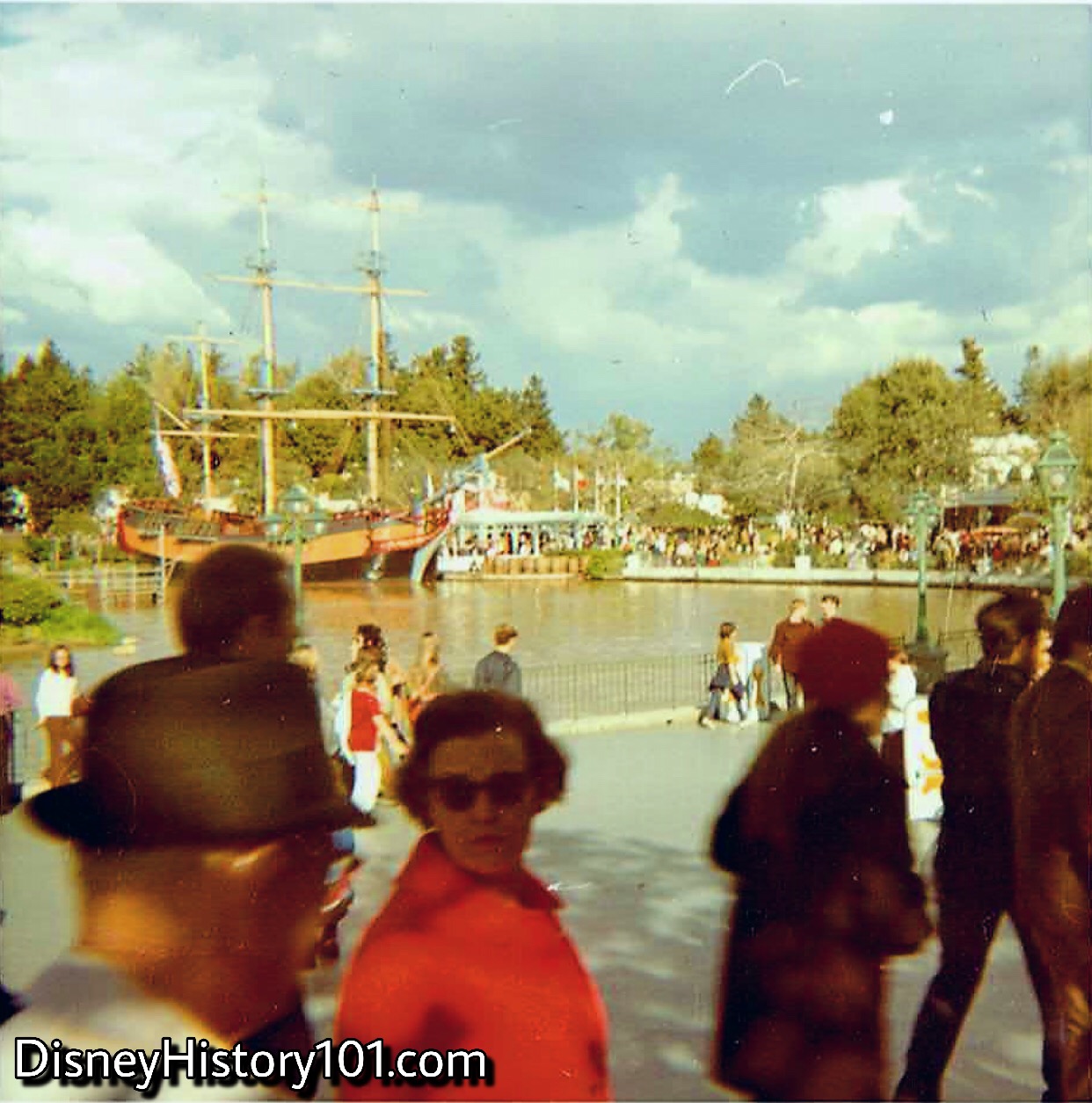
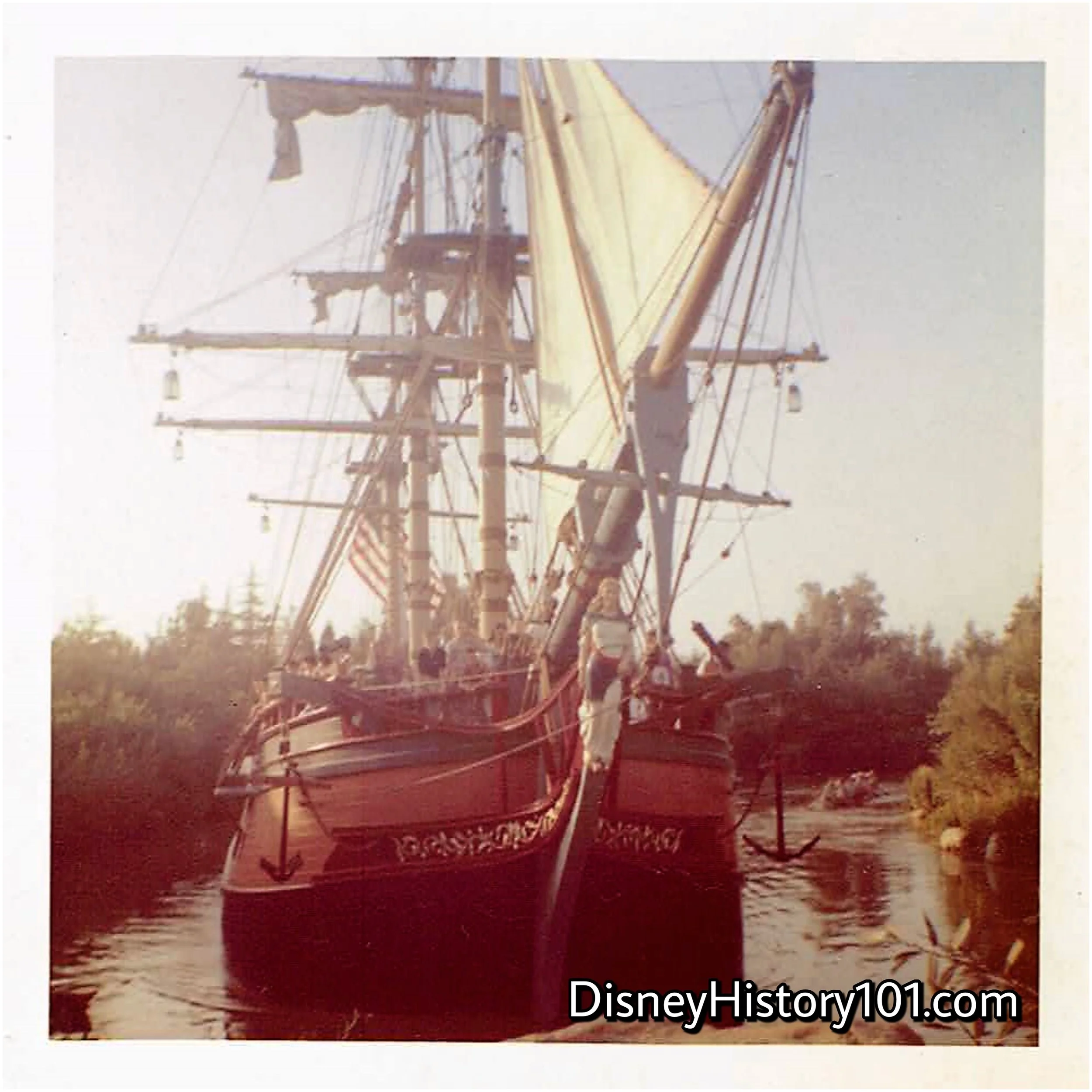
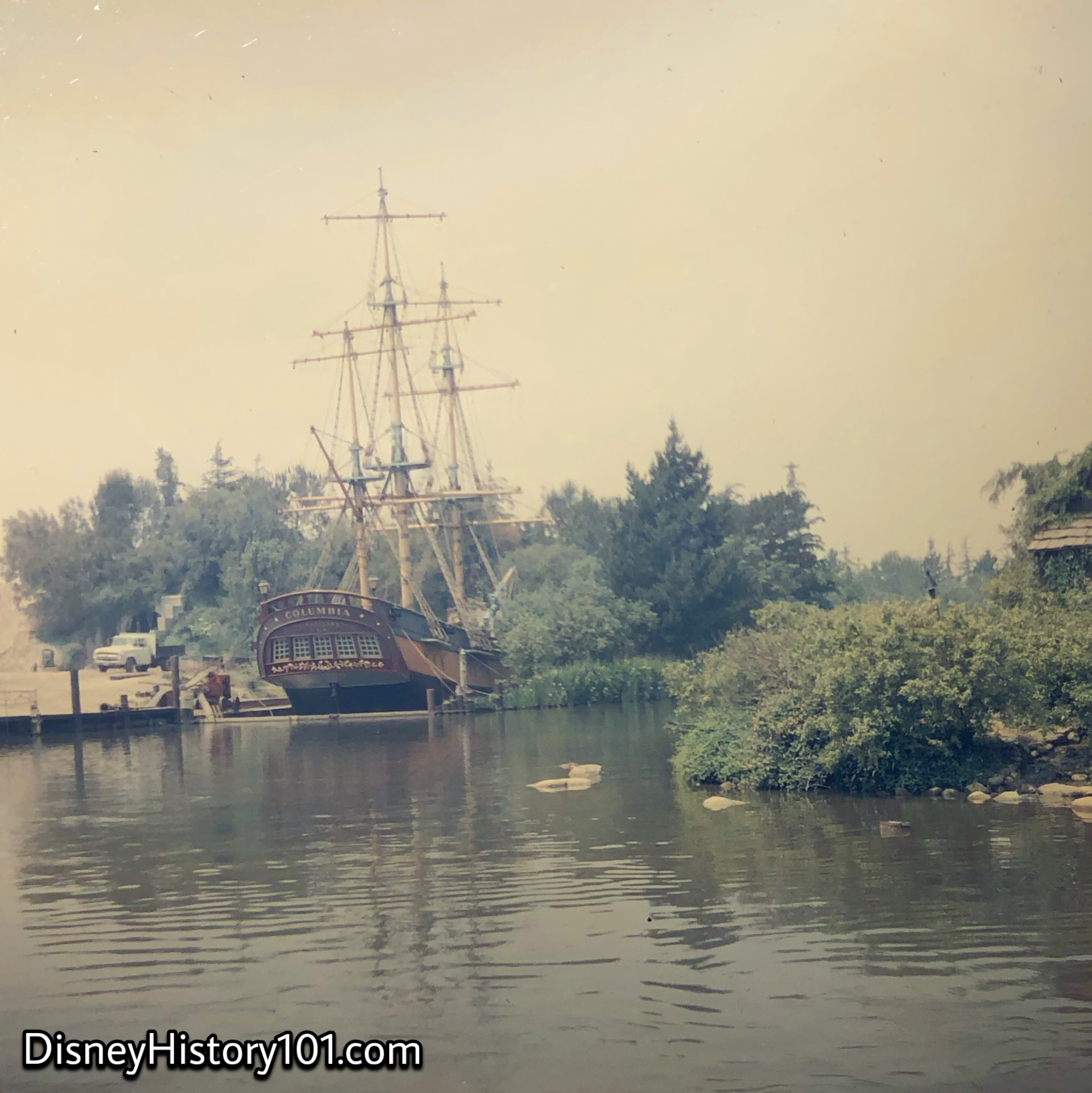
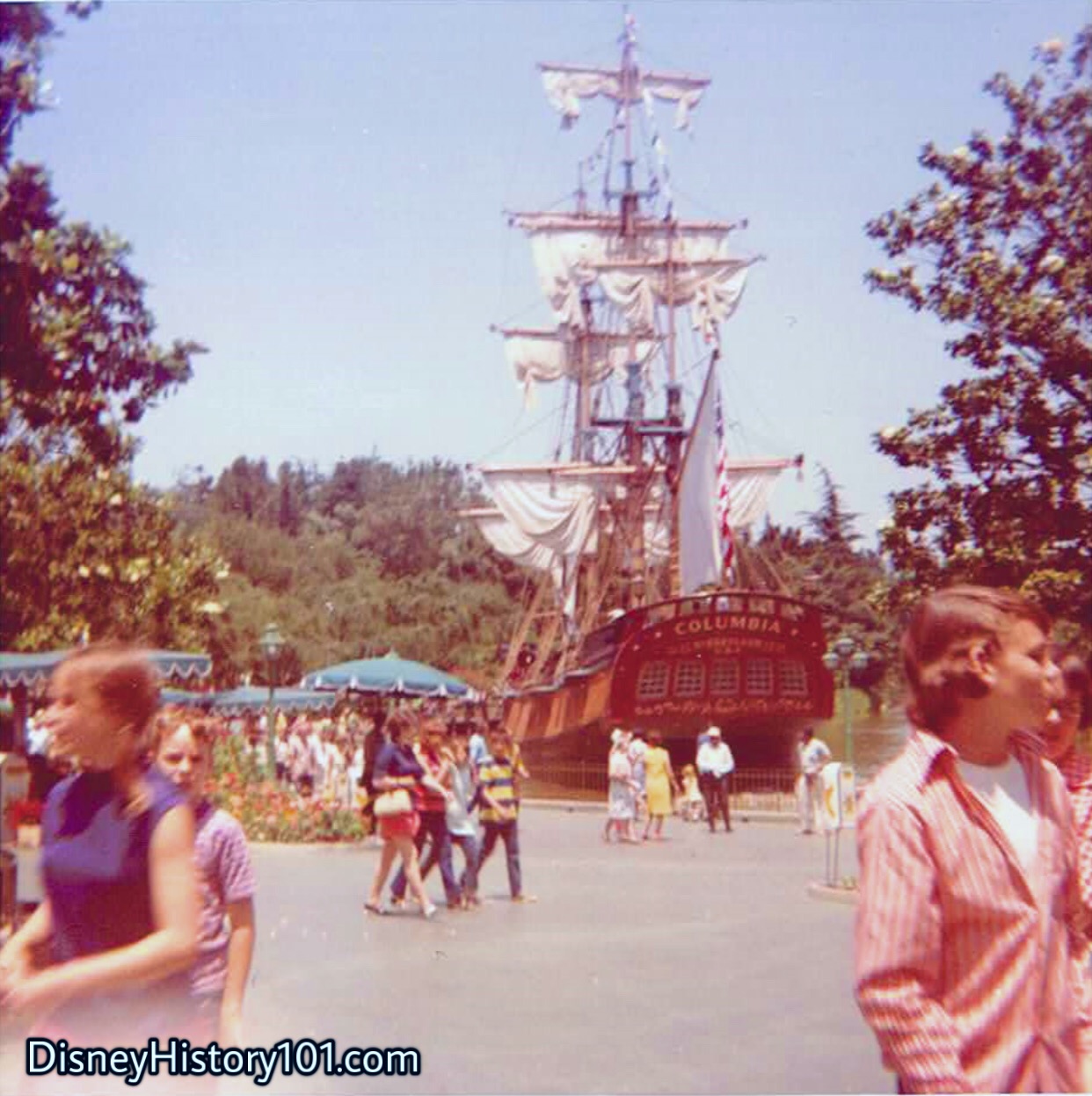
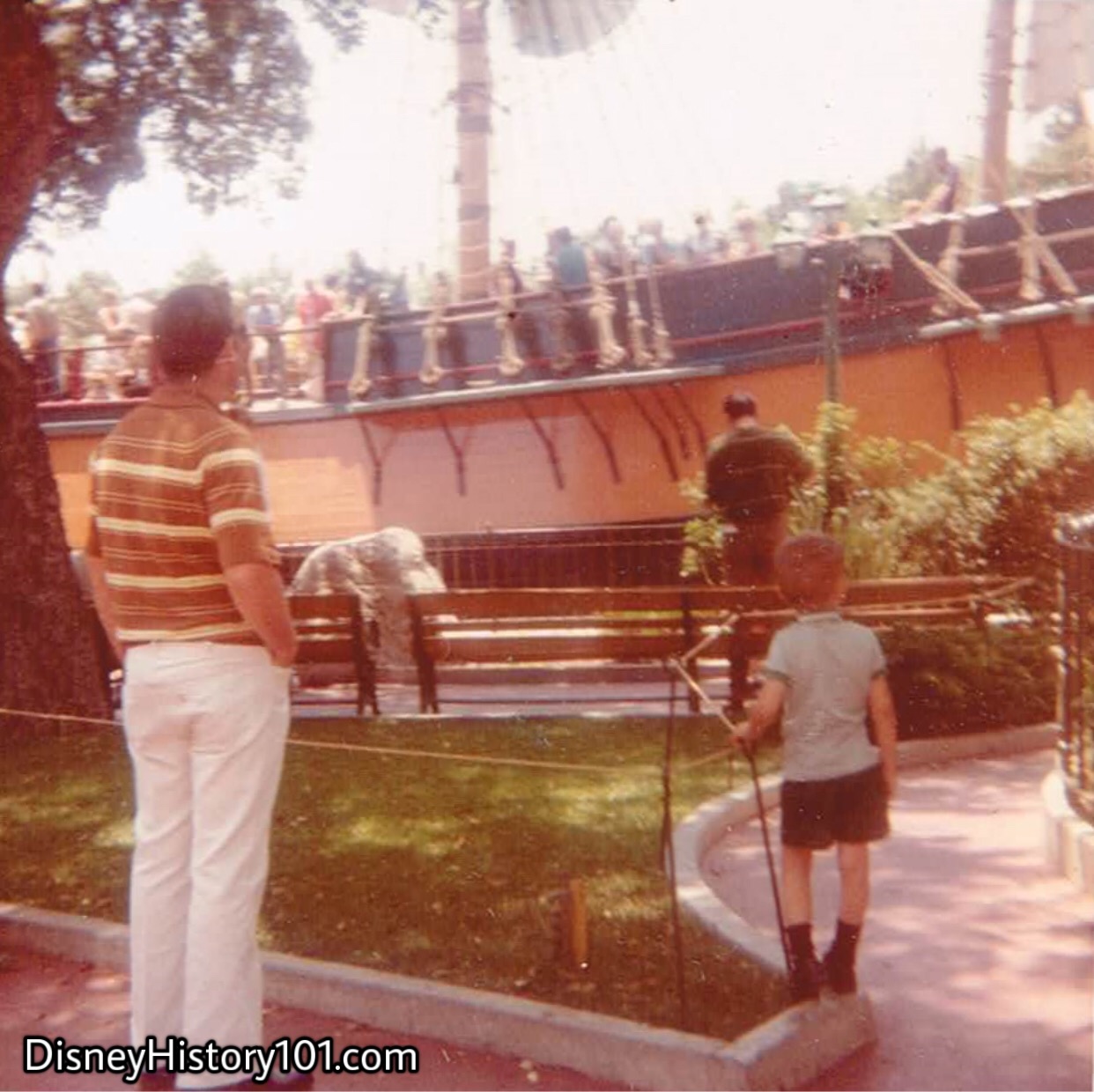
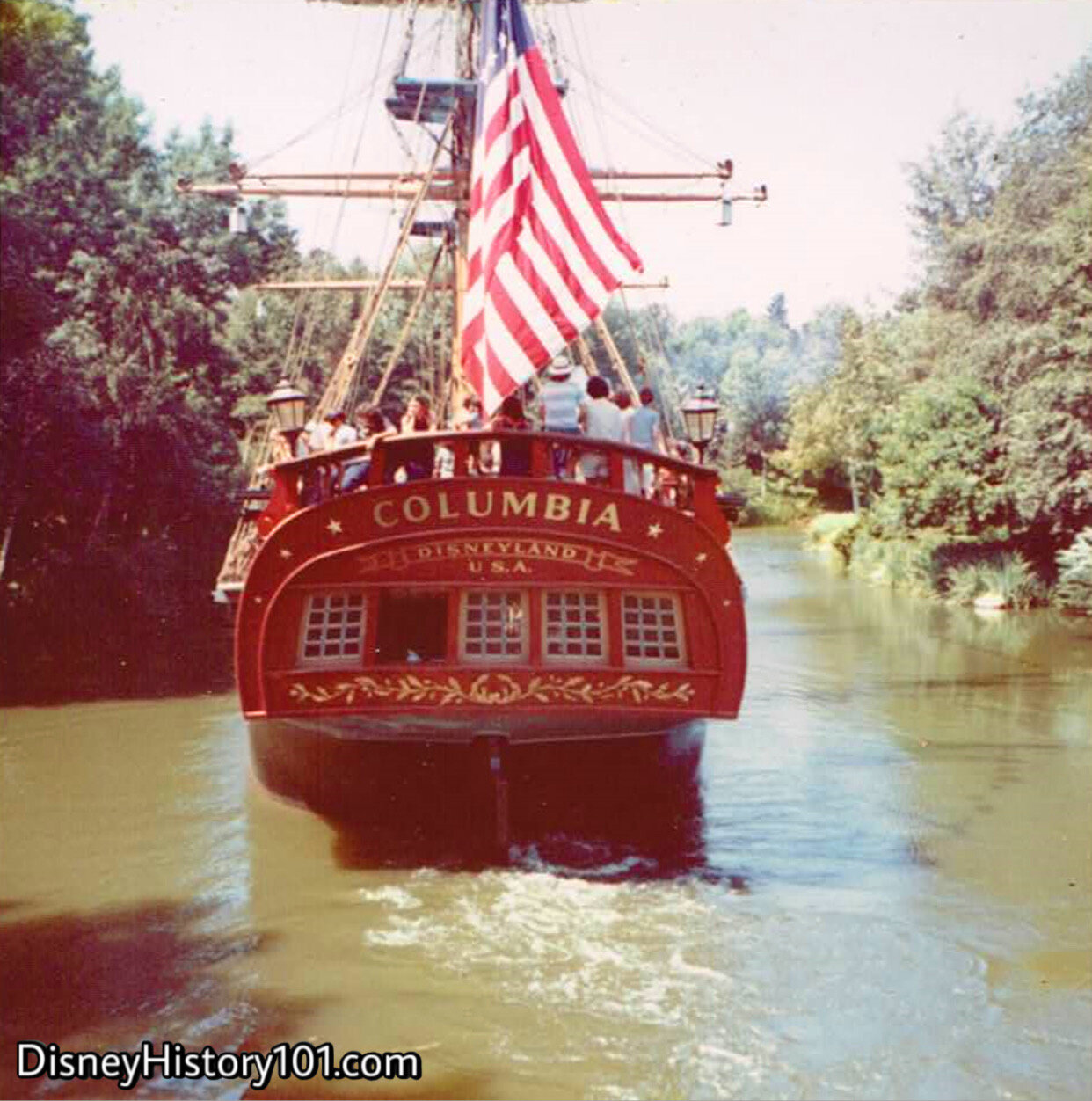

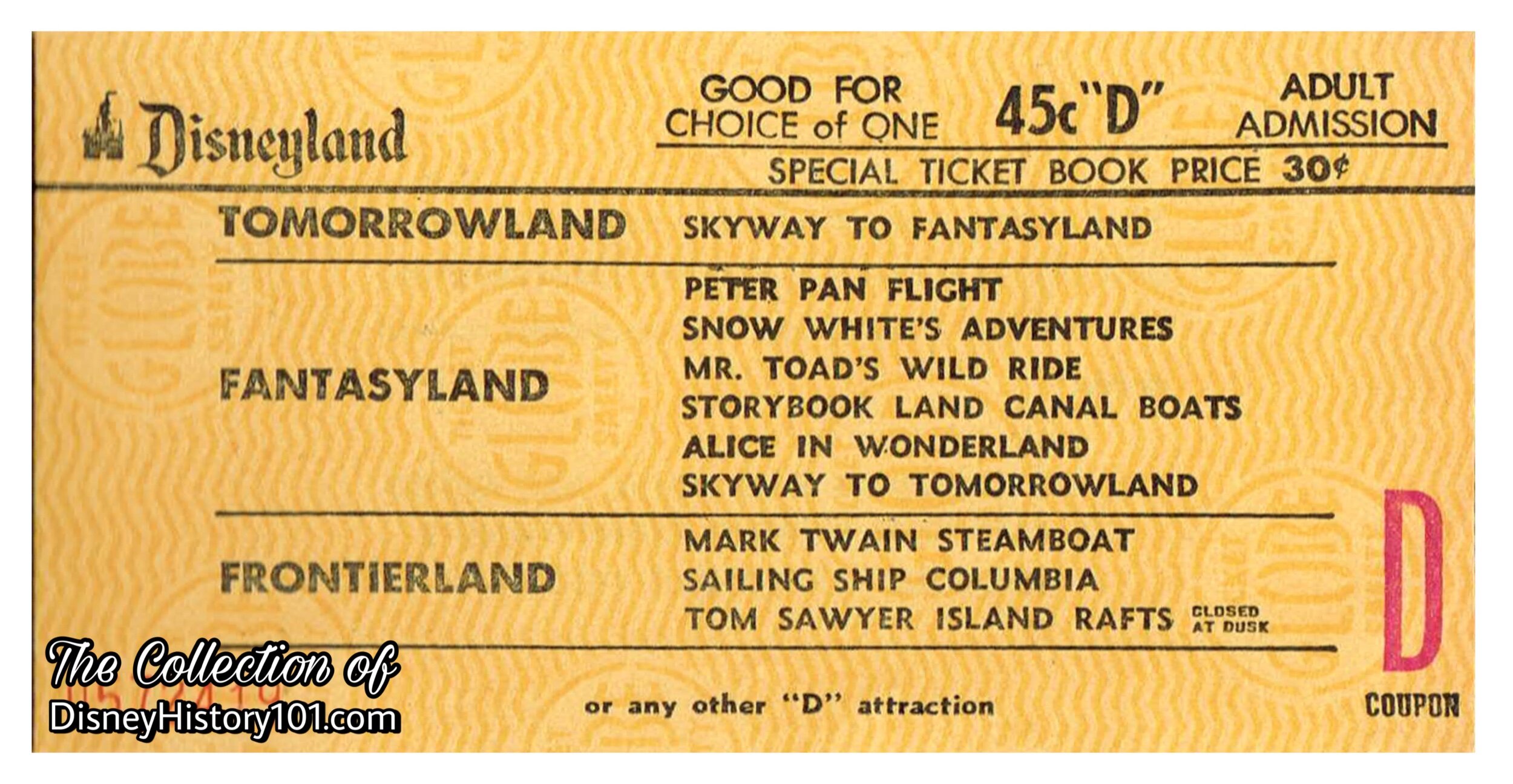
There was a 40¢ D Coupon cost of admission to board the replica of the first American ship to girdle the globe (as well as a visit to the Maritime Museum below decks). By 1965, that cost of admission was exactly one “D” coupon, or 60¢.
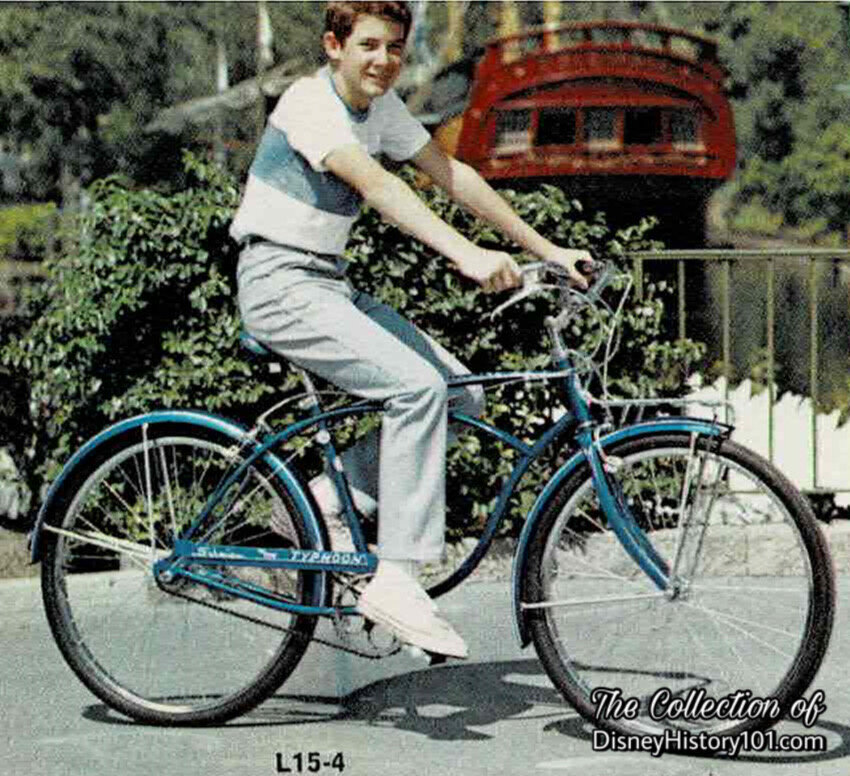
Herer, the a Schwinn Panther is appropriately photographed not far from the New Orleans Street area of Frontierland during the Tencennial year of 1965.
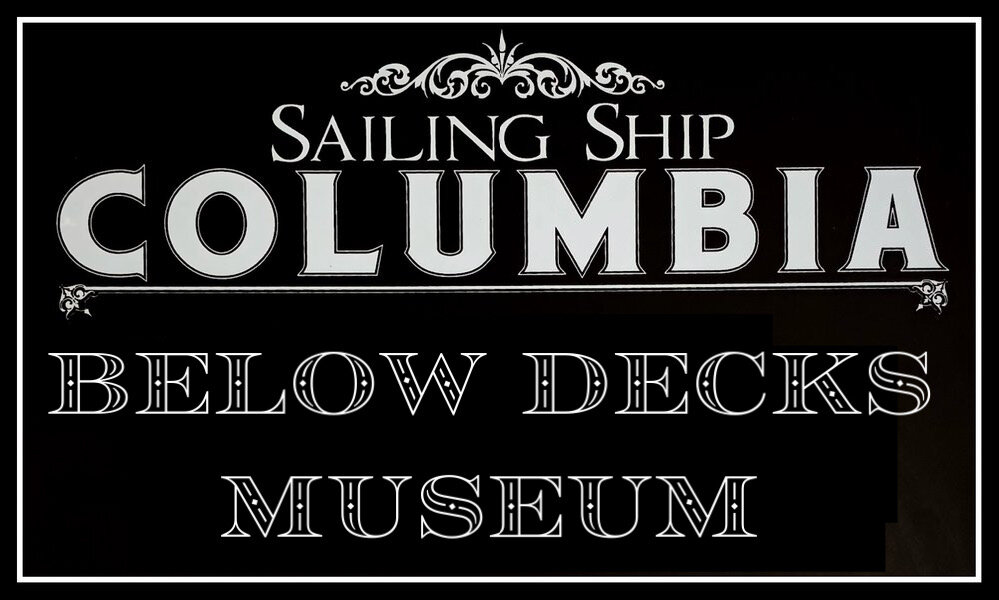
(*according to “Disneyland Rides & Attractions and Attendance Report,” 1981, page 50).
“The Disneyland of today is the sum total of so many additions and improvements that, in several cases, only the basic framework, the original theme of the realms remains unchanged,” according to “Walt Disney Disneyland,” page 42, (printed by Officine Grafiche Arnoldo Mondadori - Verona; first published 1964). A grand example of such an “improvement” is the Columbia attraction which opened to Disneyland Guests during 1958.
Six years after the debut of the Columbia, carpenters braved “sea sickness” while adding the finishing touches to a new exhibit (as it travelled around the Rivers of the World). Authentic antique lights and other fixtures in their correct motif were placed in their positions.
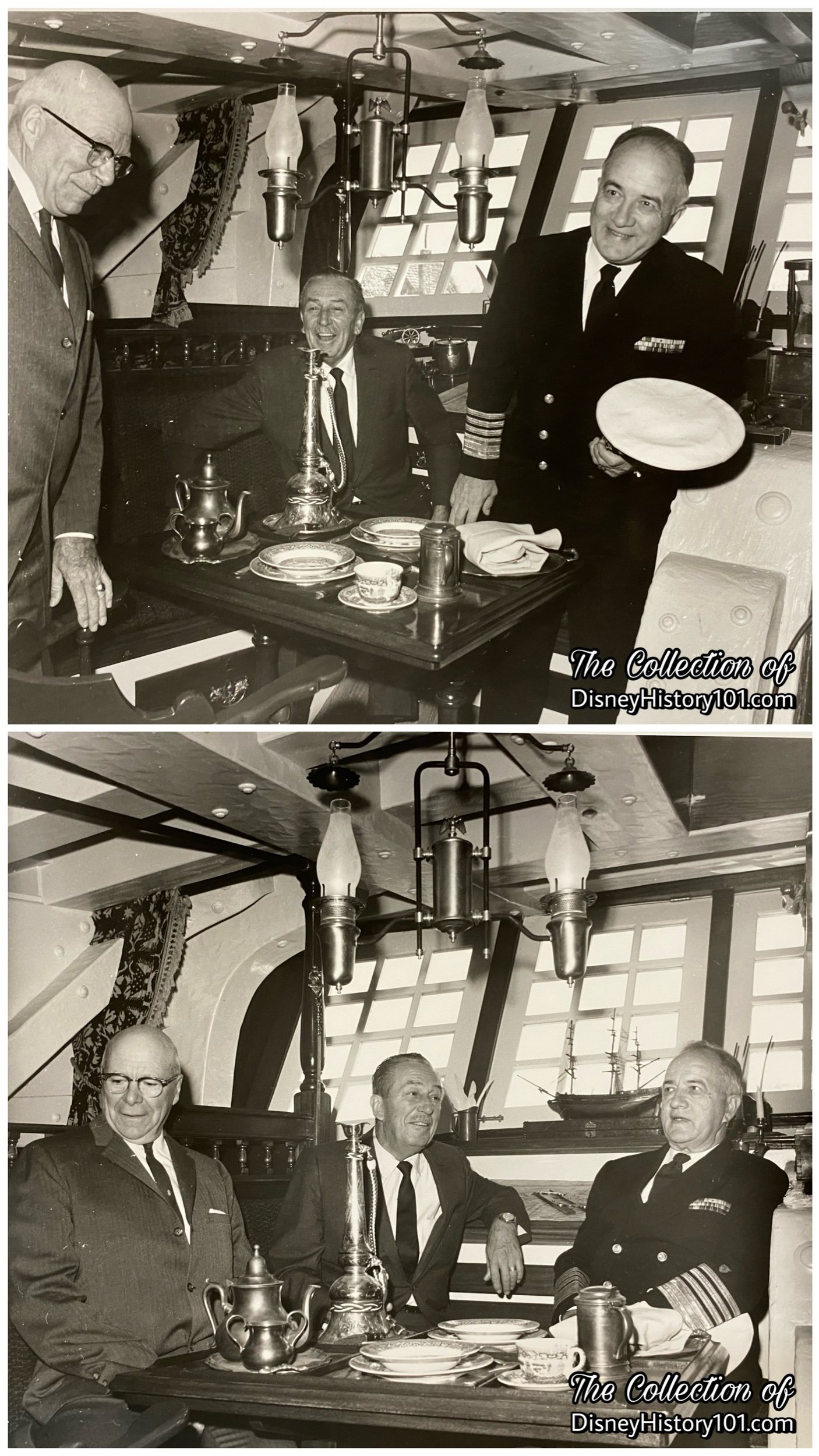
Finally (on February 15, 1964), the Columbia’s Below Decks Museum soft opened (with the official opening of the Below Decks Museum taking place a few days later, on February 22, 1964). This new free 179 square-foot exhibit was part of an expansion that brought total Park investment to $50.1 million. The exhibit took approximately 8 minutes to explode and with a 60-guest capacity, it had a theoretical capacity of 450 guests per hour.
After descending the ship’s ladder and into the waist, guests could finally see how 18th century American seamen lived. Visitors would see the “elegant Roundhouse of Officer's quarters, complete with dining tables, bunks, seats, navigational charts and equipment.” According to Line magazine, guests could now explore “the complete crews quarters made up of bunks, mess table, sick bay, pantry, navigational equipment…the finest carpentry, cabinetry and set design were employed to create the magnificent display, considered one of the world’s finest maritime museums”. Not to be missed, were the Captain’s Quarters at the stern of the ship - one of the most elaborate parts of the Below Decks Museum. There were two bunks, an eating table, seats, charts, library, personal gear, navigational equipment and antique maps. The Officer’s Roundhouse (on the starboard side of the deck) containing the first, second, and third mate’s cabins and antique cutlasses.
The same publication continues : “Considerable research of merchant ships of the era revealed that the officers of the Columbia lived aboard in reasonable comfort and elegance. The ship’s furniture and accessories were not unlike those found in the homes of officers of the gentry. All items which make up the interior of the Columbia at Disneyland might have been in vogue between 1750 and 1800.”
“Sail and rope-making equipment, as well as a sailmaker's store room and Bosun's locker are displayed. Sleeping quarters for the ships' seamen have also been authentically recreated. An open galley and forge are carried aboard the Columbia, as was true of the original ship. This feature was somewhat unique to the Columbia, which was outfitted in this manner in order to help build another ship once it reached the West Coast. Boat and sailing enthusiasts may be interested in the wooden ‘timbering’ or supports of the ship and in the artistic ropework evidenced on the ship.”
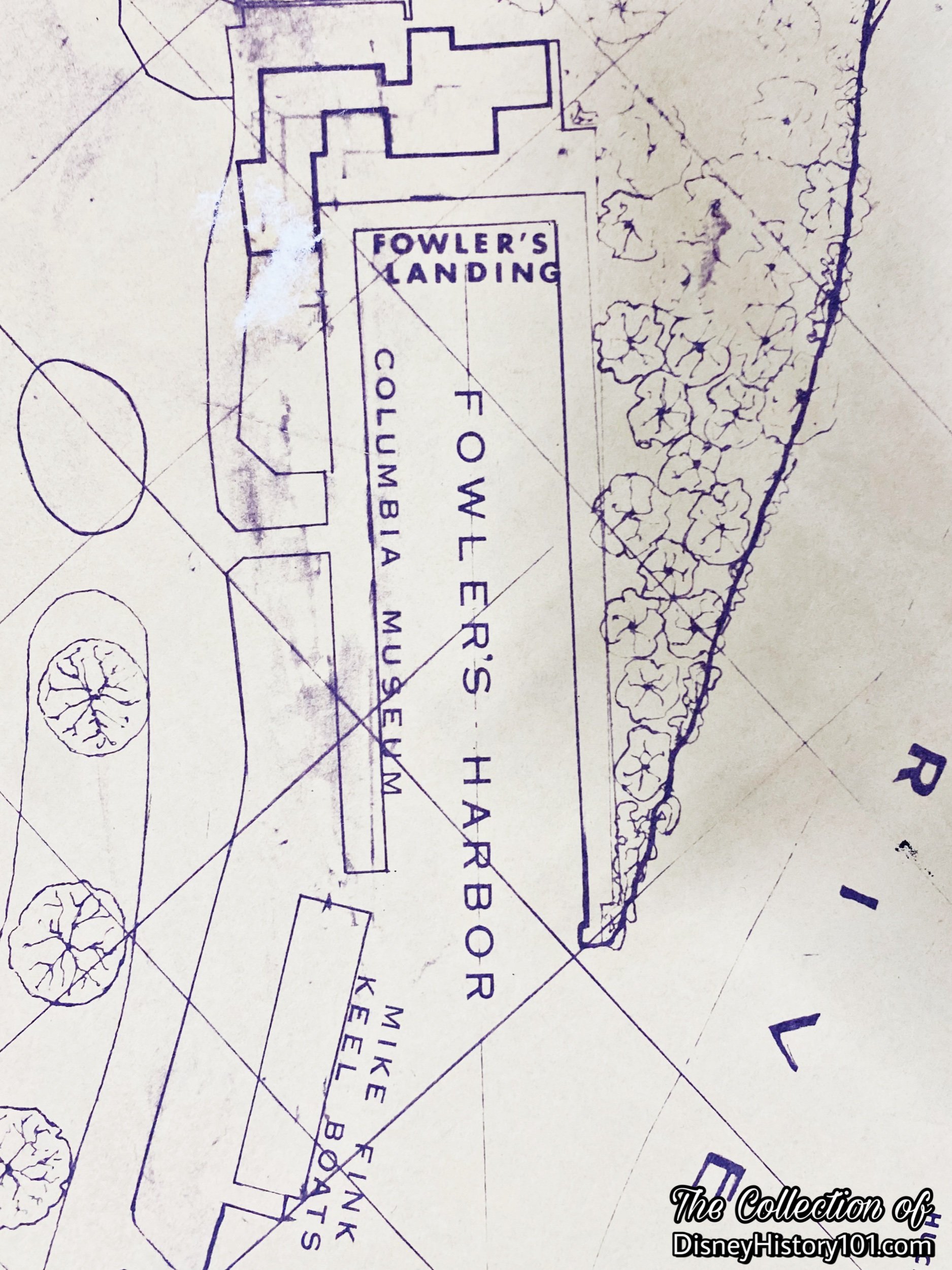
During the summers and on weekends, the Columbia joined the Mark Twain on the Rivers of America. However, during many Fall, Winter, and Spring months, the Columbia Museum moored at Fowler’s Harbor where it served as a maritime museum (see above). “During in-port days, the Columbia ties up in Fowler’s Harbor where guests may climb aboard to view this replica museum,” according to the “Disneyland Dictionary,” compiled by WED Enterprises, Inc. and WED Public Relations Department, c. 1968.
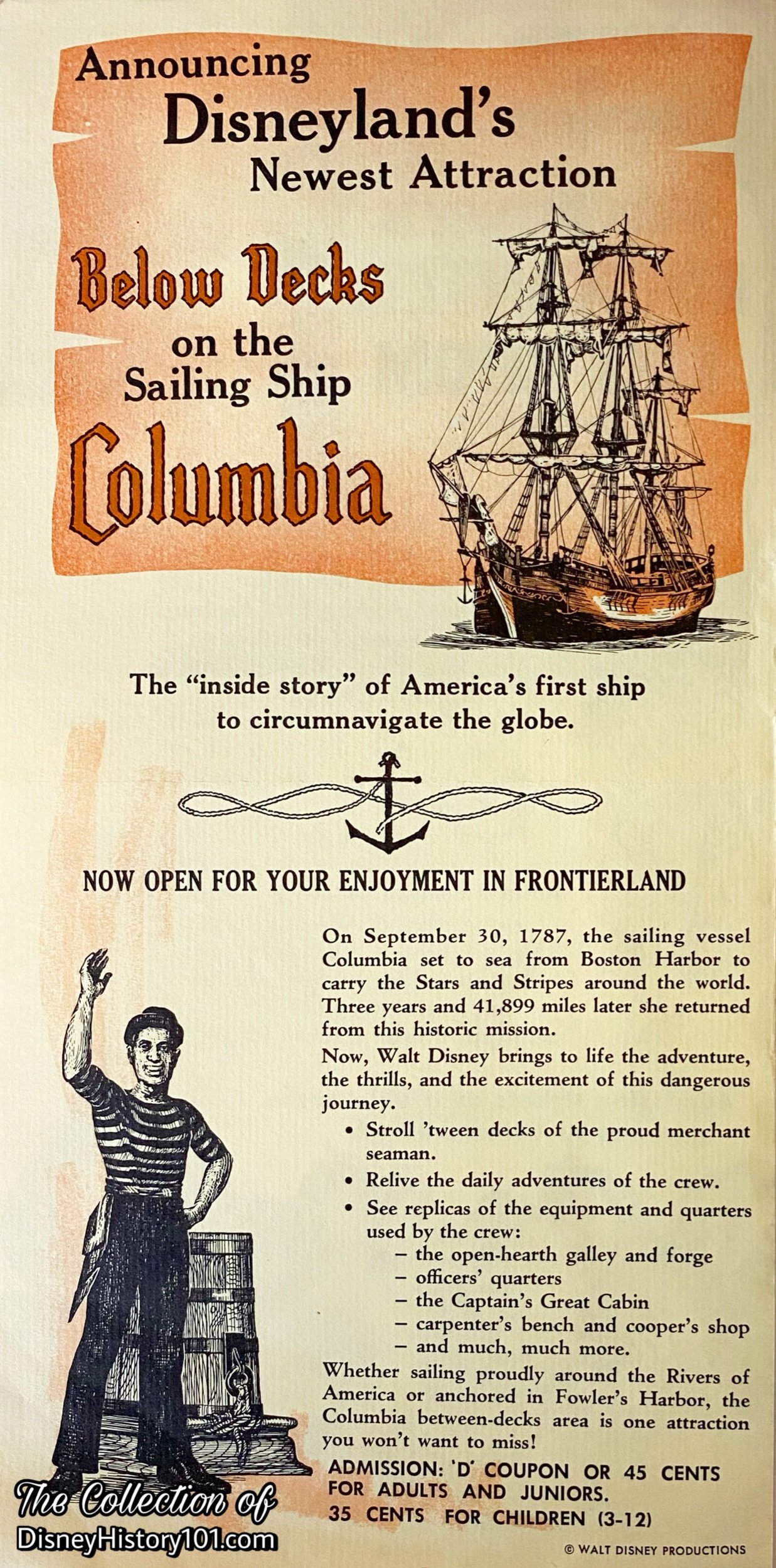
The Columbia was occasionally featured in promotional media, including television and magazine advertisements and television broadcasts. For instance, The Jonathan Winters Show (first aired on NBC c. March of 1965) featured a comedic segment where Winters portrayed Captain Bligh aboard the Bounty. The segment was filmed aboard the S.S. Columbia at Disneyland, and the entire show was screened at NBC Studios on March 26th, 1965. Less than a decade later, the Columbia’s Main Deck was also once used as a stage for a special recorded feature starring the Jackson Five, in 1974.
In the year 1984, the Rivers of America were drained, and the Columbia received a much needed refurbishment of it’s decks and rigging. Columbia creator Ray Wallace directed the re-rigging of the vessel, assisted by professional riggers (from outside Disneyland) to duplicate the intricate knots of the 26-year-old ship. Disneyland Craftsmen touched-up other features like the vessel head. A Line magazine describes “when this year’s rehab is complete, and the river once more flows around Tom Sawyer Island, the ‘Columbia’ will again lie quietly in her berth at Fowler’s Harbor. Here she will receive her guests in stately splendor until summer arrives and the majestic ship sets forth on yet another voyage.”
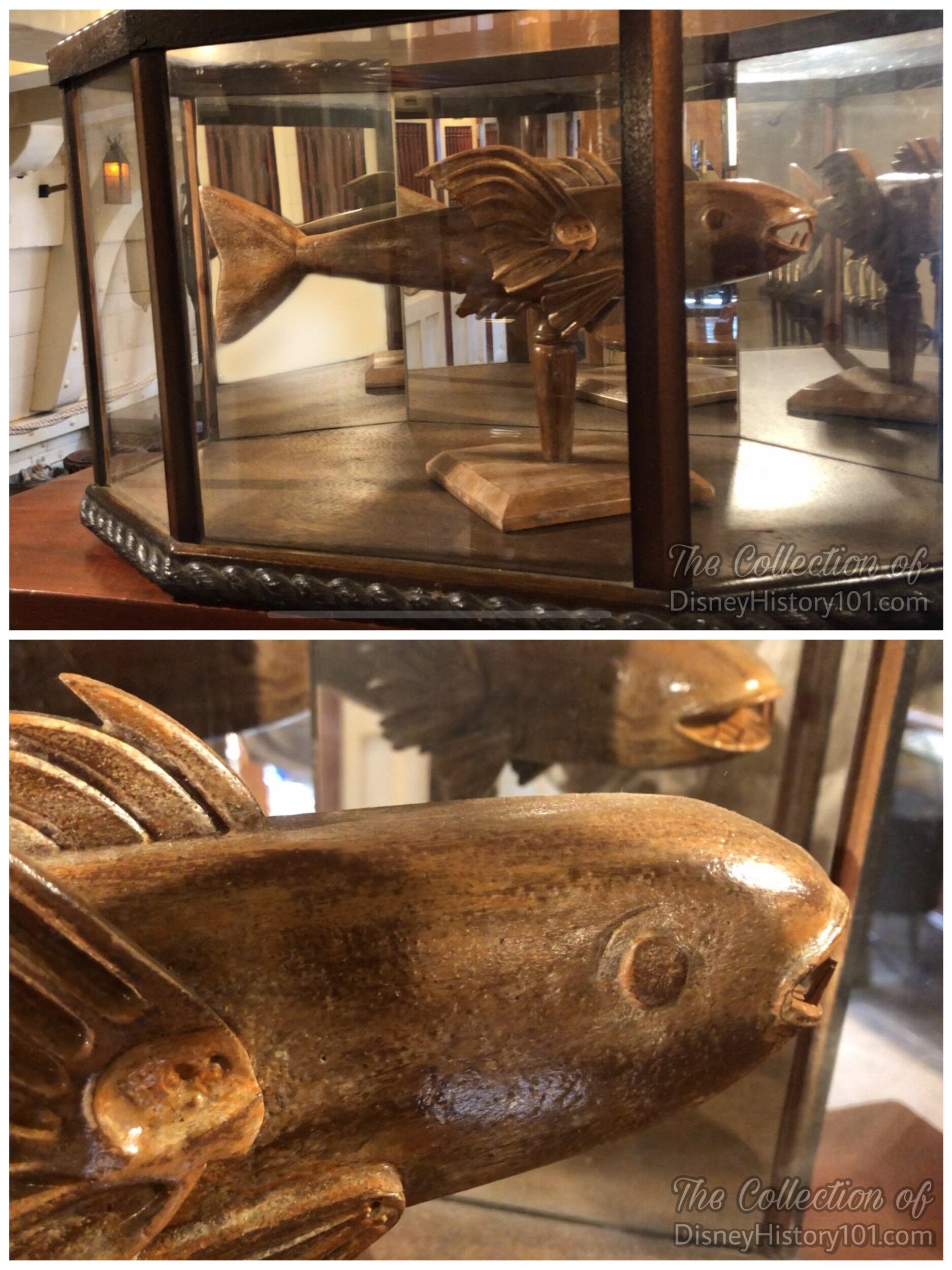
The former Walt Disney Imagineering Principal Creative Executive Marty Sklar would probably agree that the small details like these make the story appealing. An example of one such detail is the Carved Wooden Flying Fish.
The original Columbia (constructed 1787) was built within two years of another historic vessel - the Bounty (constructed 1785)! In 1789, the “Bounty” was led by a man named Fletcher Christian. The ship was captured by mutineers, and some of their descendants would go on to inhabit parts of Pitcairn Island in the South Pacific to the present.
The Bounty has been depicted a few times on film. Herb Ryman had worked on the MGM production of "Mutiny on the Bounty" (released 1935). In 1978 (and approximately 189 years after the mutiny took place), the film “The Bounty” (starring Anthony Hopkins and Mel Gibson) also attempted to capture this story. In recreating the Bounty sailing vessel for the film production, numerous faithful props were created (including a hand-carved fish). The Carved Wooden Flying Fish [according to Disneyland Line, Vol. 17, No. 41] is believed to be “probably made from Koa wood, carved by Fred Christian, the Great Grandson of Fletcher Christian… The carving was presented to the present-day Bounty shortly after its construction. Making the presentation was the Bounty’s Commander, Joe McGuire, a 35-year veteran of the sea whop served as a commander in the British Navy. Commander McGuire was responsible for much of the building of the Bounty, including designing the engine rooms. (Although the Bounty is an exact replica externally, she does not have modern equipment below decks.)”
A few years after the release of the film, the very same Carved Wooden Flying Fish was presented by Joe McGuire, to Disneyland, in October of 1985! On hand for the acceptance, was “Ray Wallace, the Columbia’s designer and her Honorary Captain as designated by Walt in 1958,… along with Bob Penfield, Maintenance Superintendent.”
Quite a few inspirational thoughts were conveyed on the occasion. Ray Wallace said, “It’s the men on those wooden ships who had the forthrightness and stamina to chase horizons, leading us to new worlds, and this gift is a great tribute to the officers and men of the Bounty and the Columbia. After 200 years, their saga will never die.”
Many things have been performed in the name of Show Quality for guests of the Columbia. Around the time Fantasmic opened, the crew of the Lady Washington (another of Ramond Wallace’s creations) temporarily docked at the Los Angeles Maritime Museum in San Pedro, visited Disneyland to see the Columbia, and meet Jeffrey Smith (of Tech Services) the designer in charge of the rigging. Jeffrey went on to become a temporary member of the Lady Washington crew when she was in port, performing research to enhance the Show Quality of the Columbia spiel delivery. About five years later (in 1998), the Columbia Crew had visited the Lady Washington (a recreation of a ship that sailed with the original Columbia) several times while located in her temporary port at the Los Angeles Maritime Museum in San Pedro. Cast Members like Mike Miranda, Matt Haynes, and others received history lessons about the 18th century vessel. [Disneyland Line, February 13, 1998]
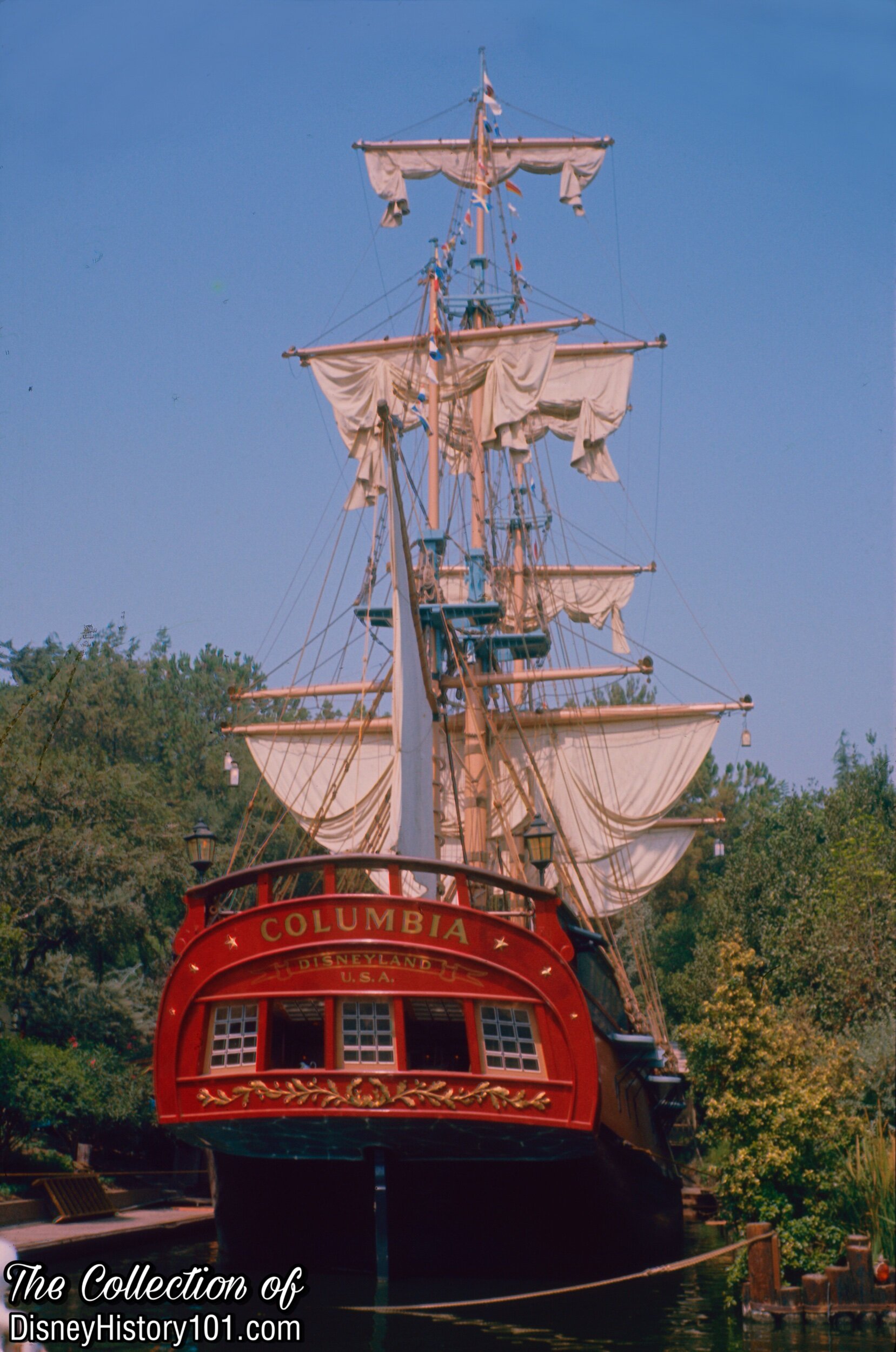
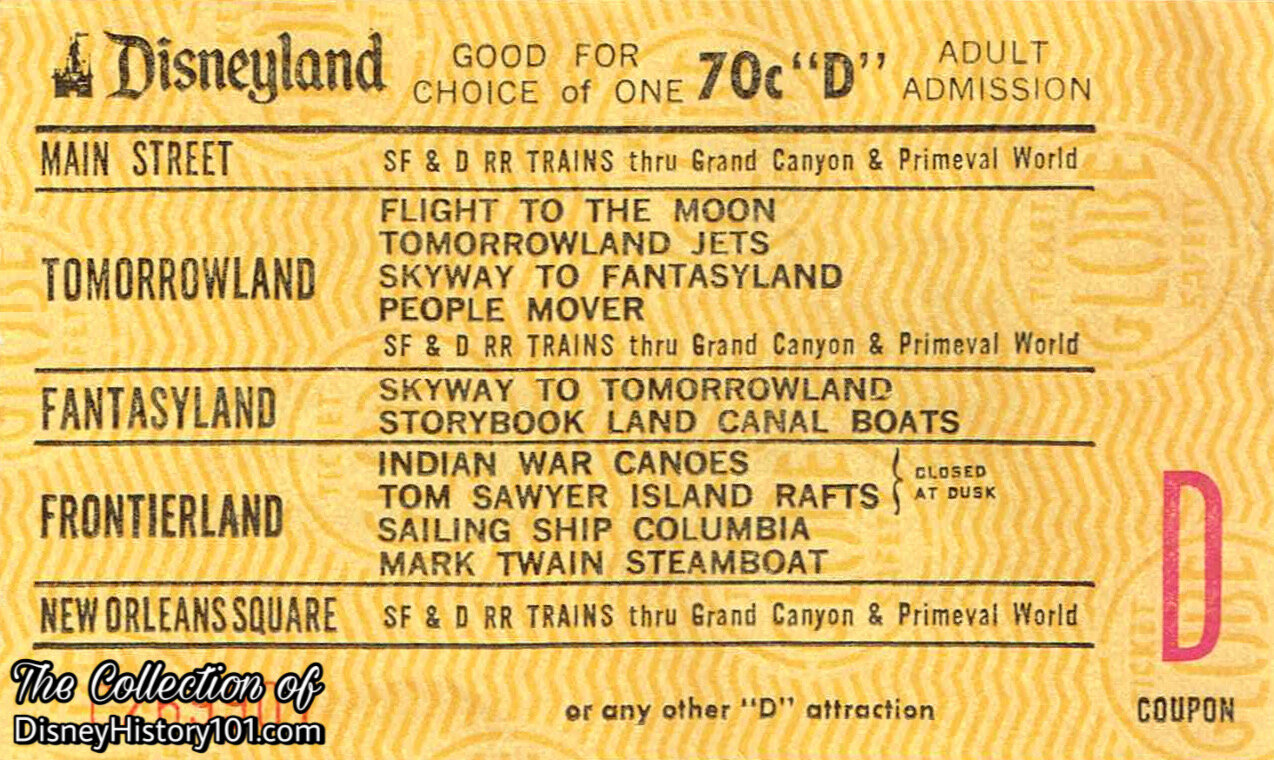
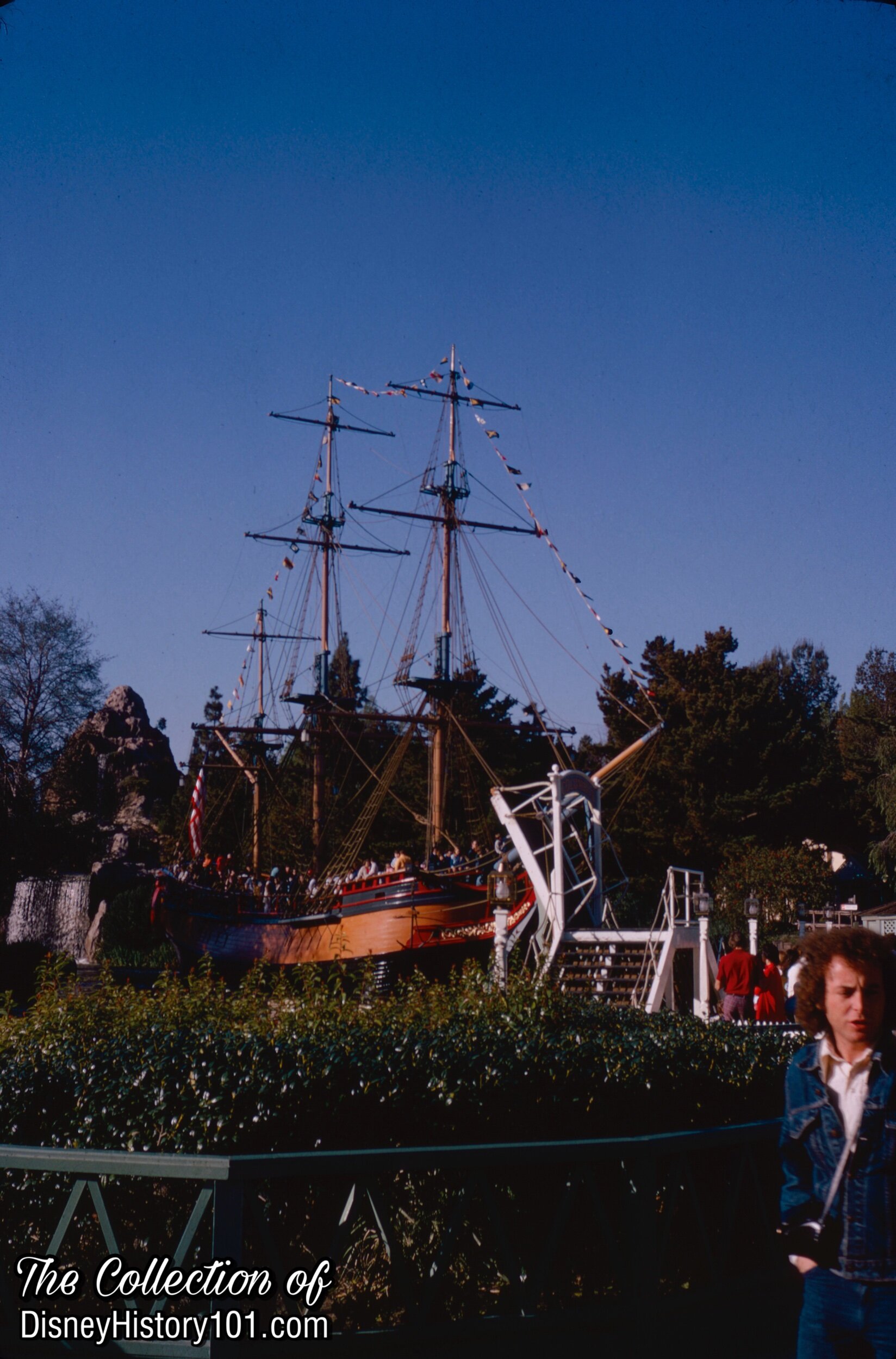
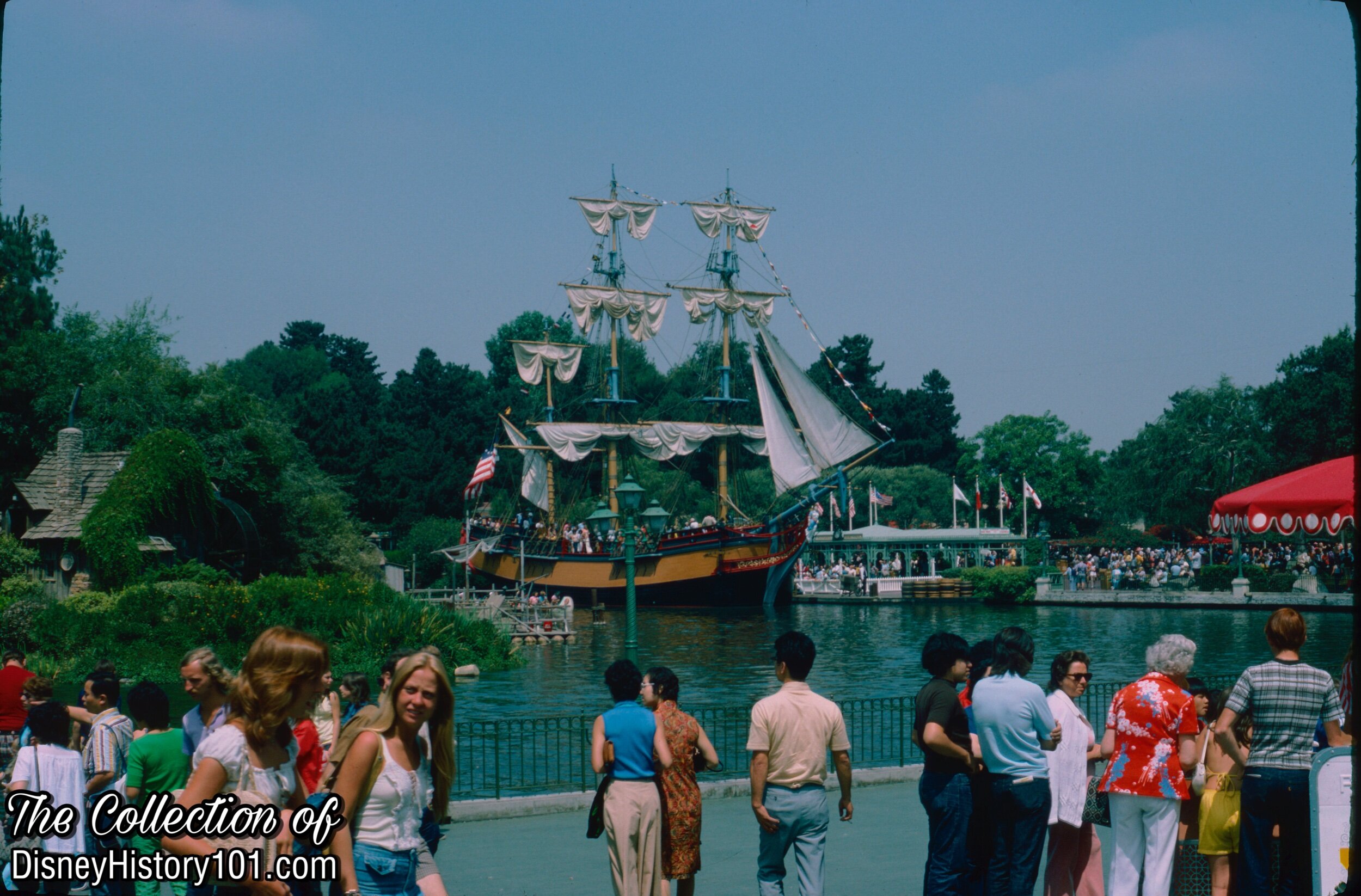
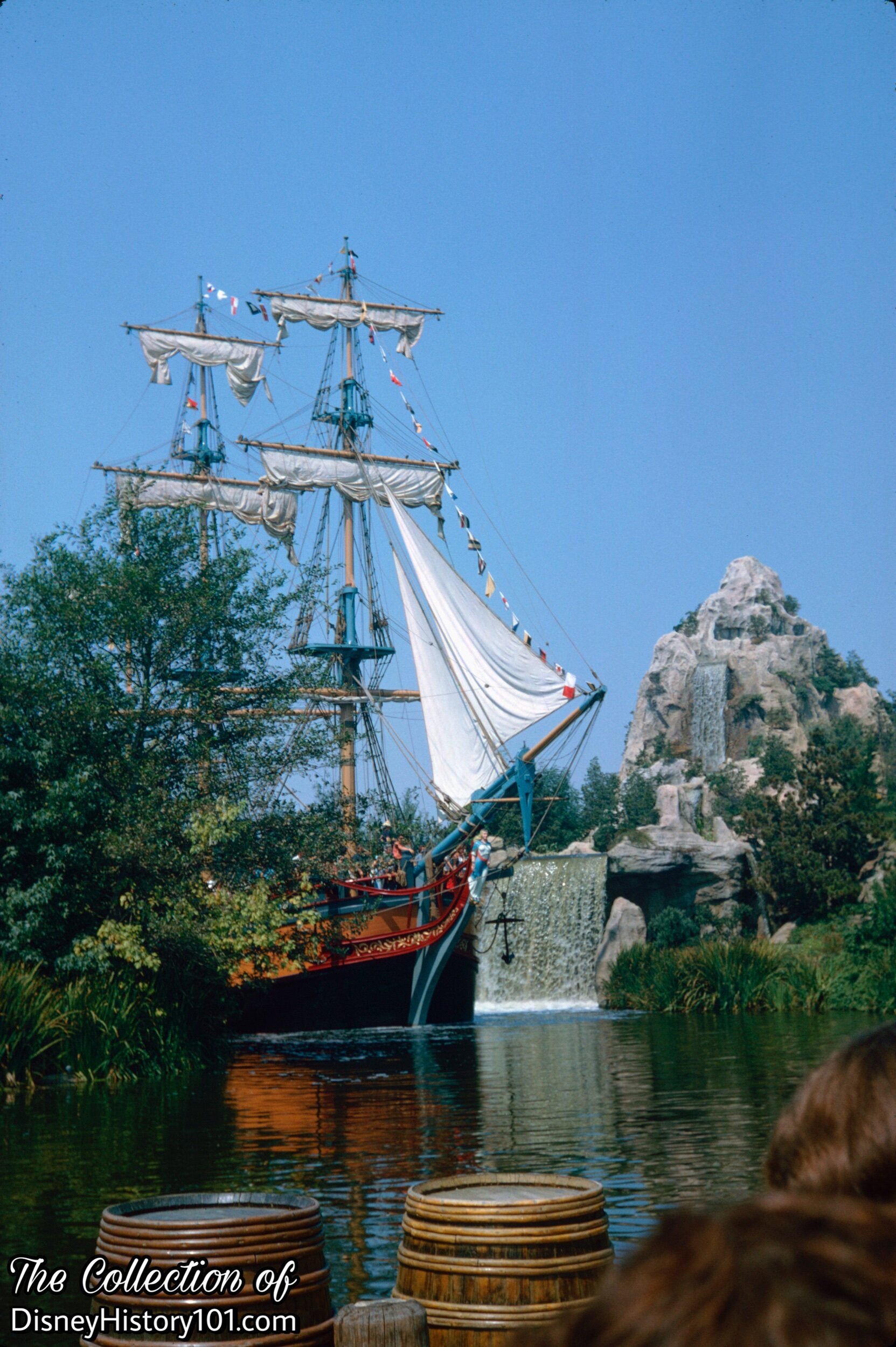
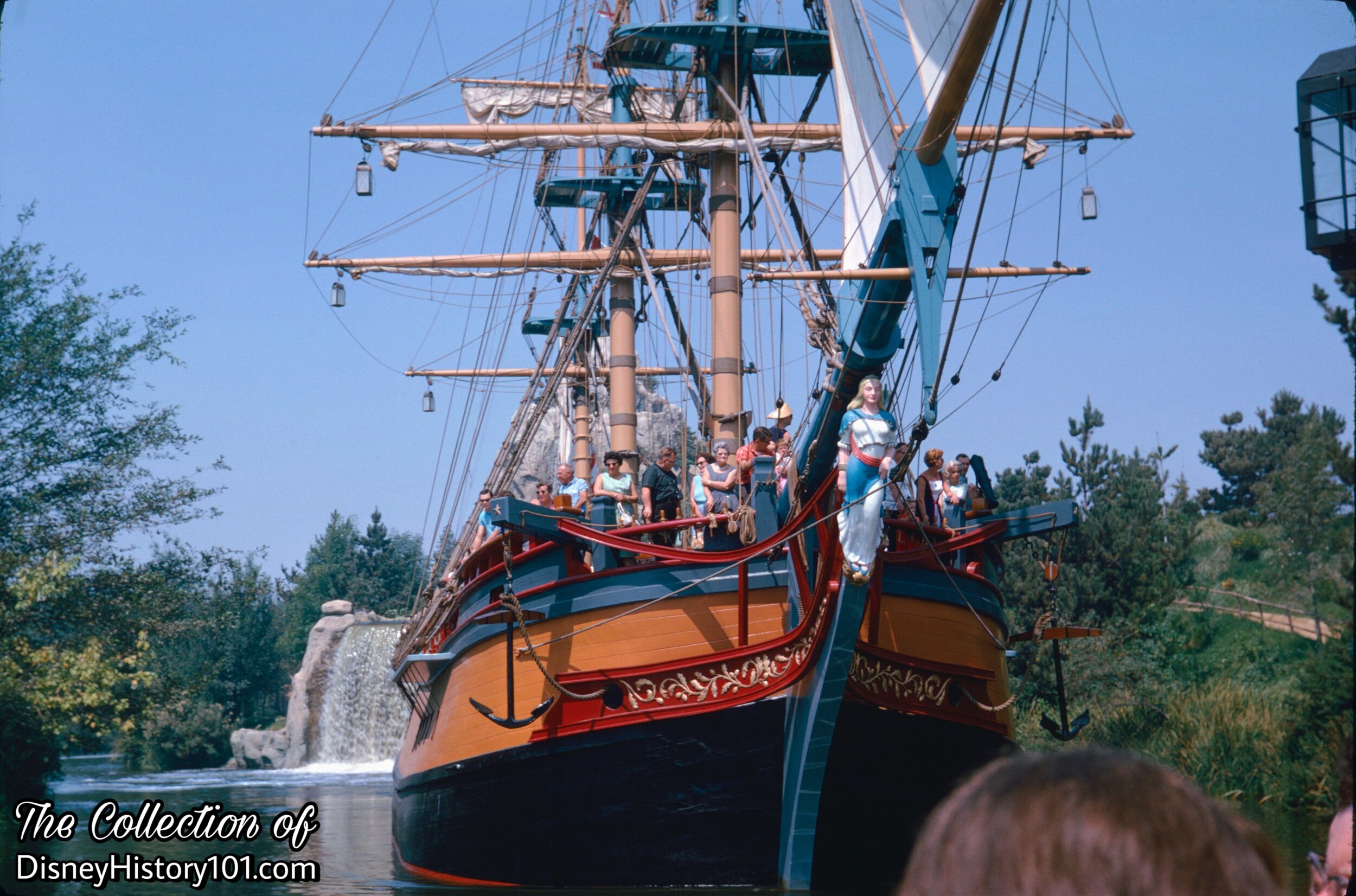
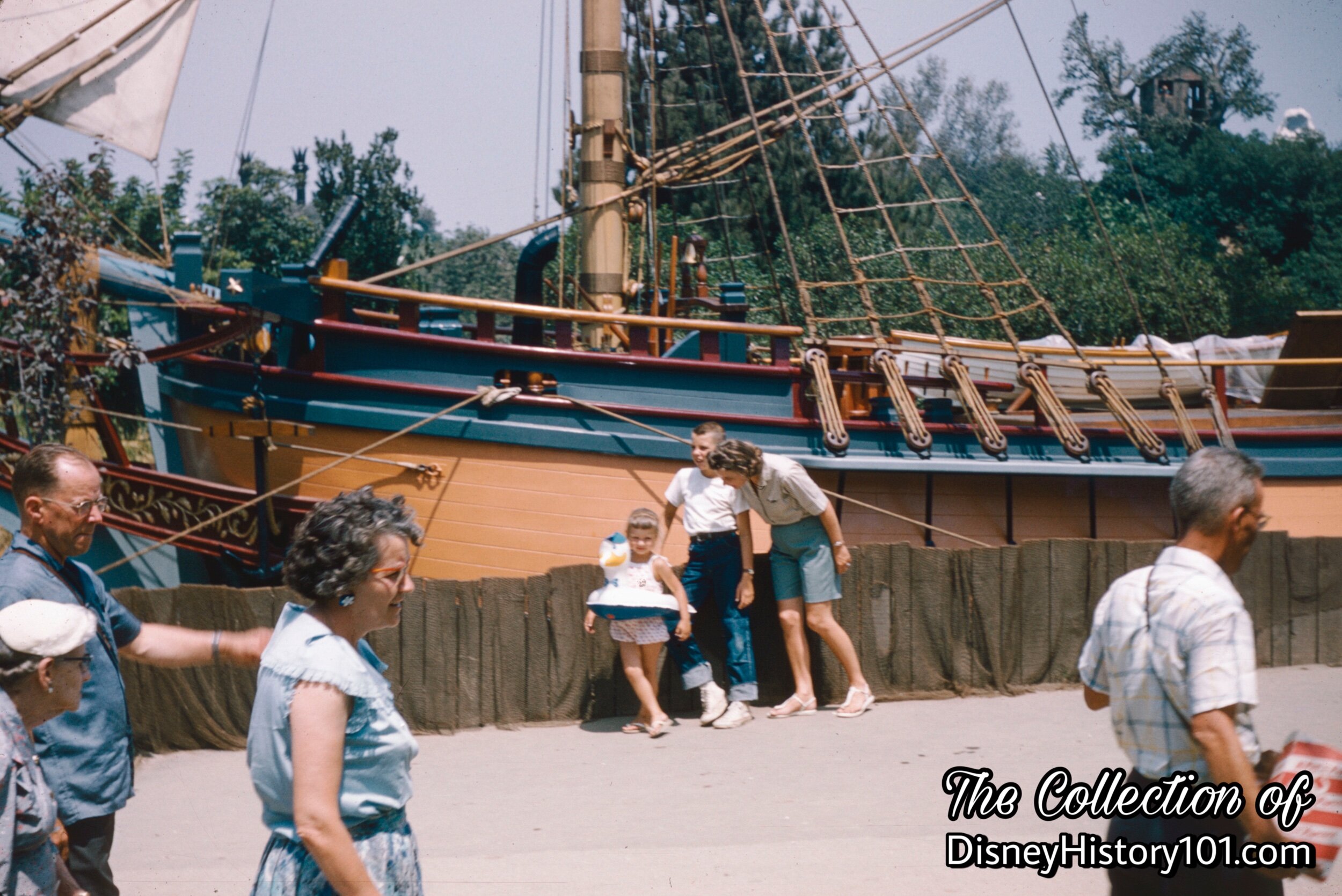
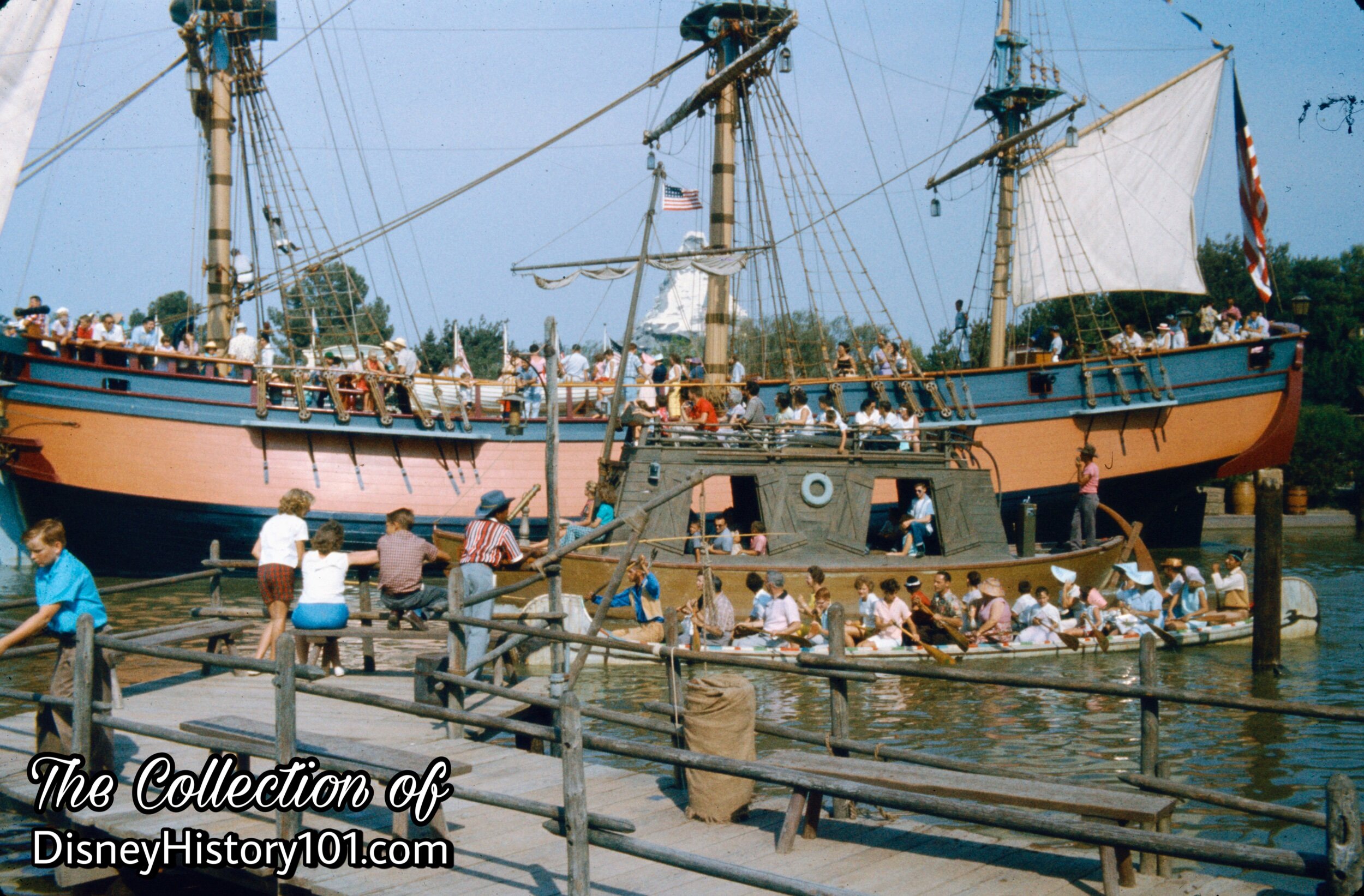
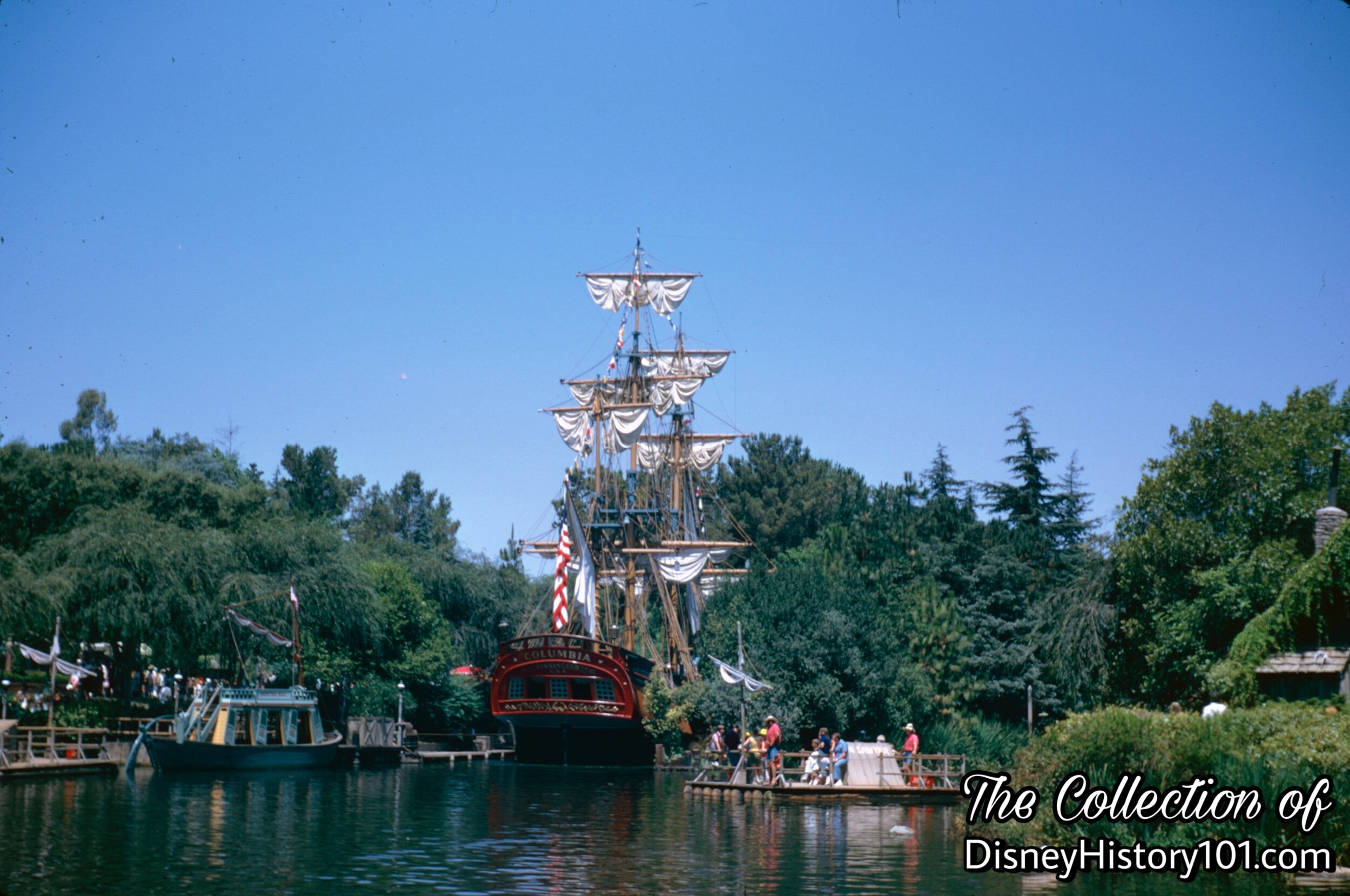
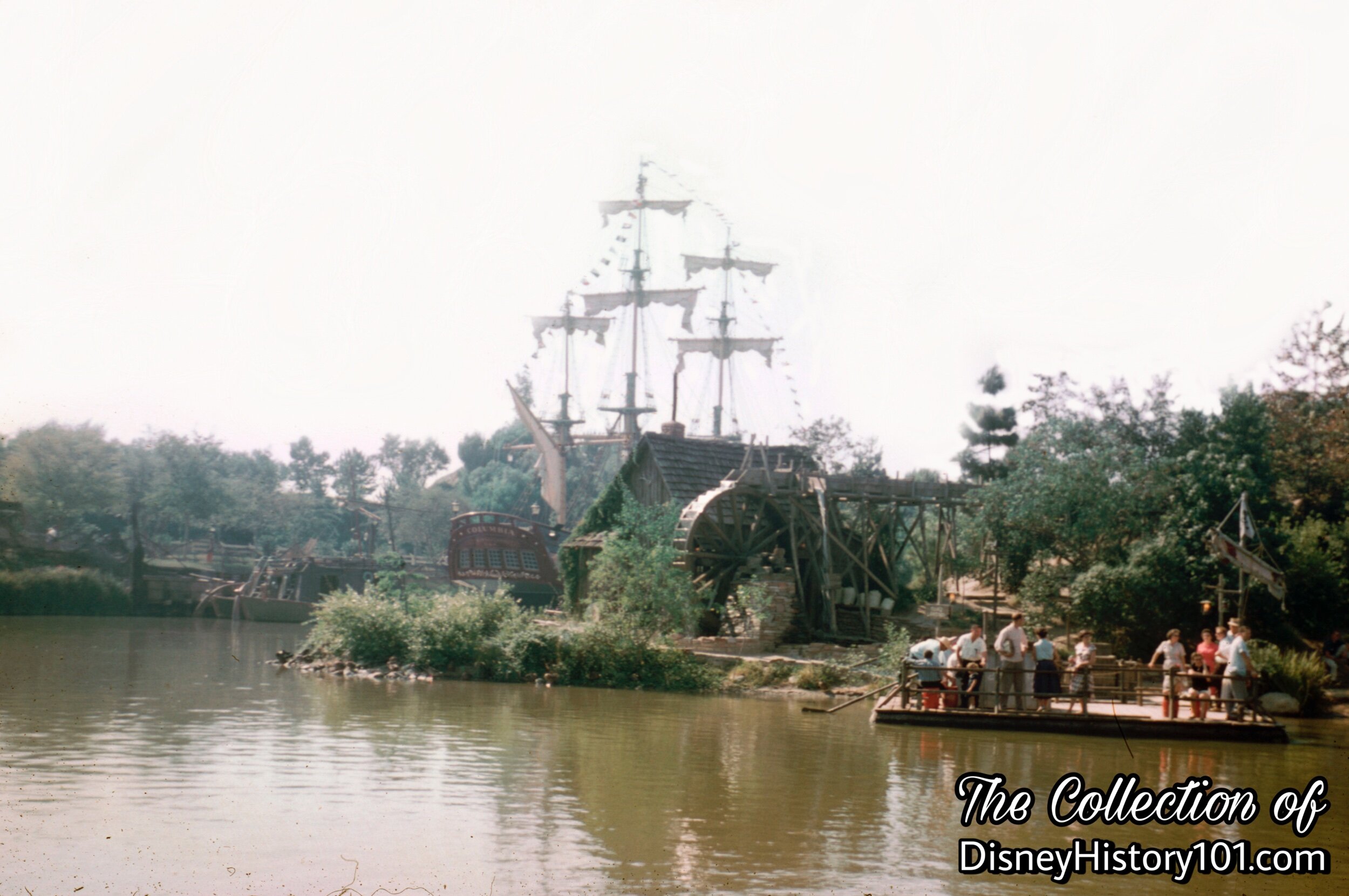
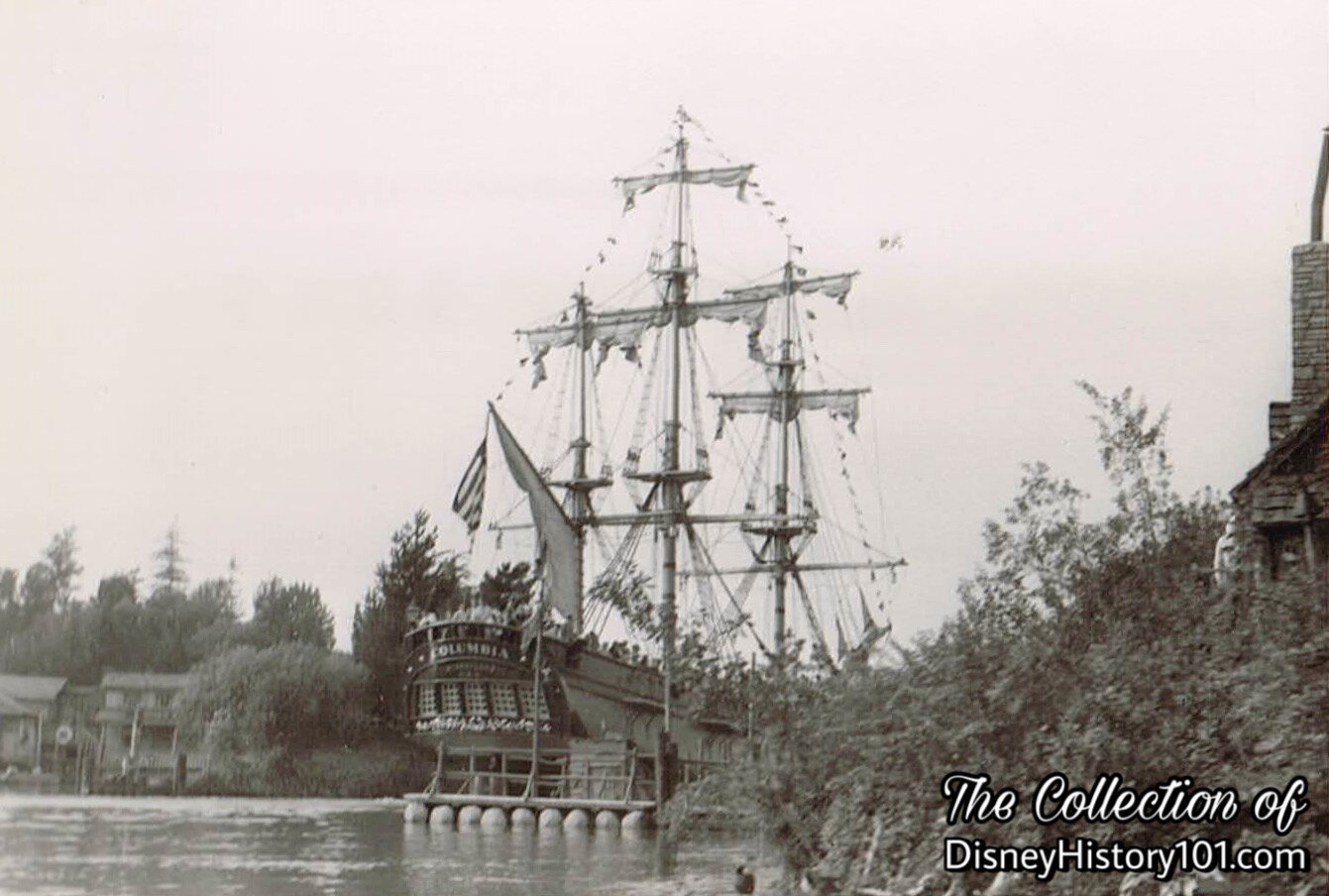
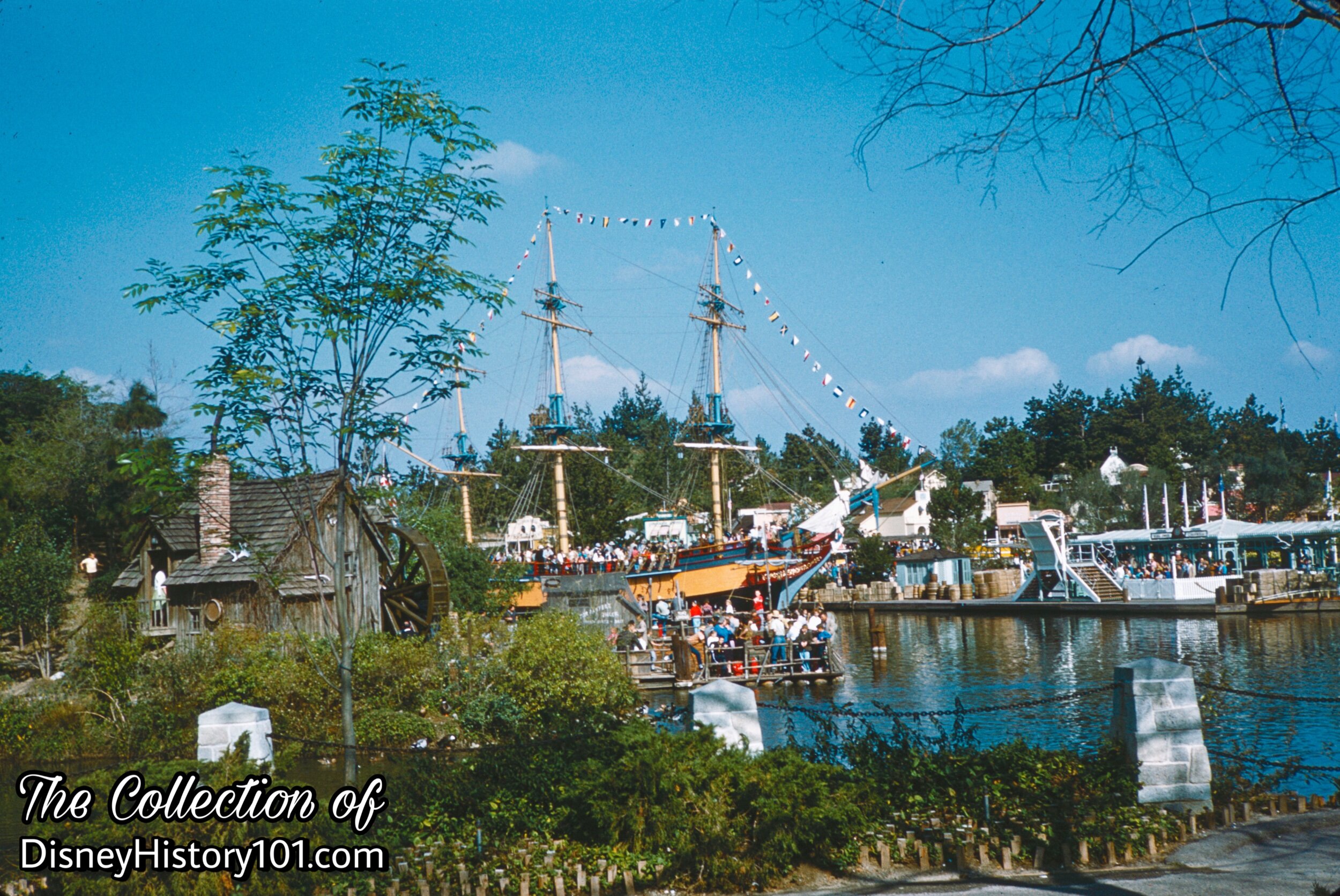
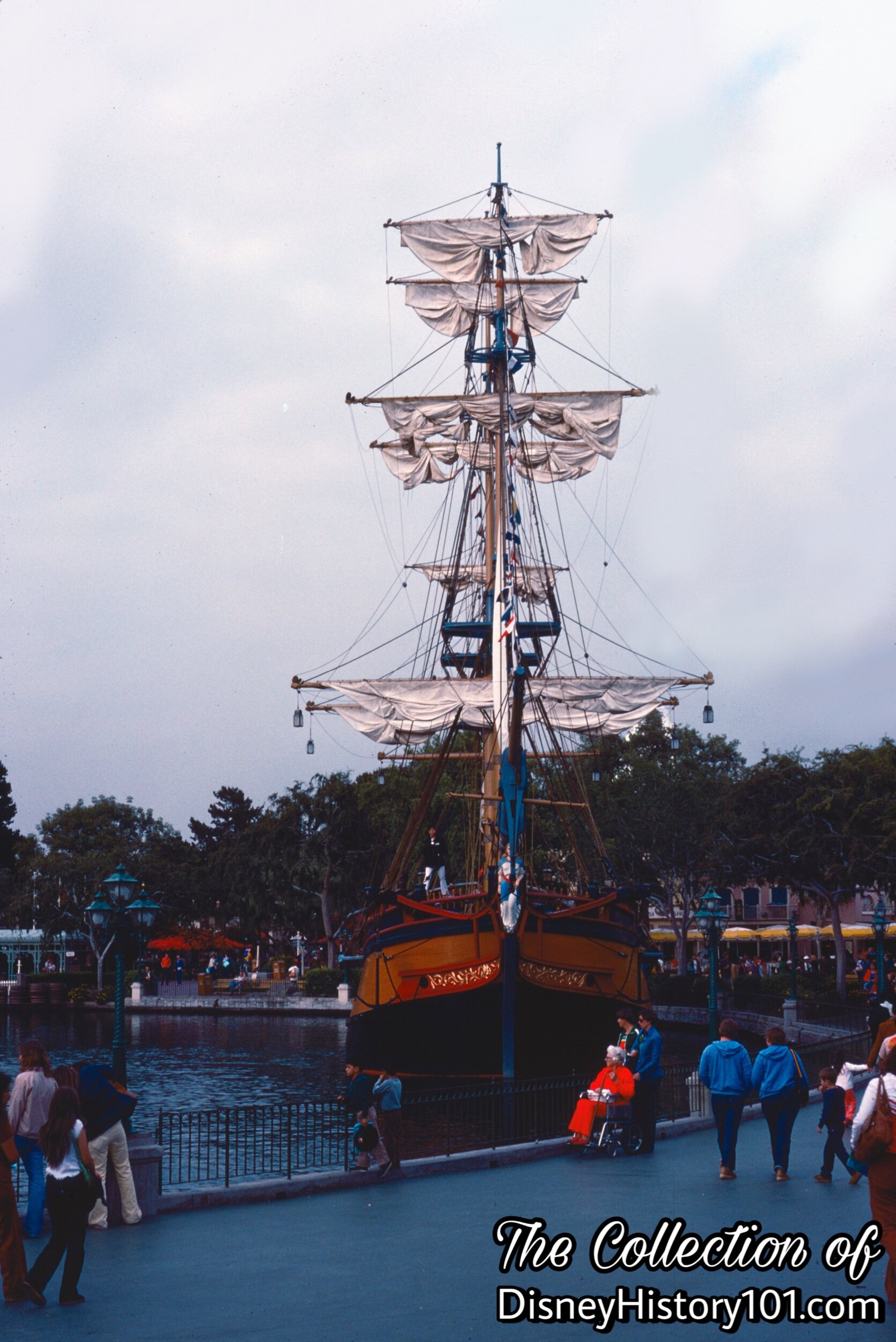
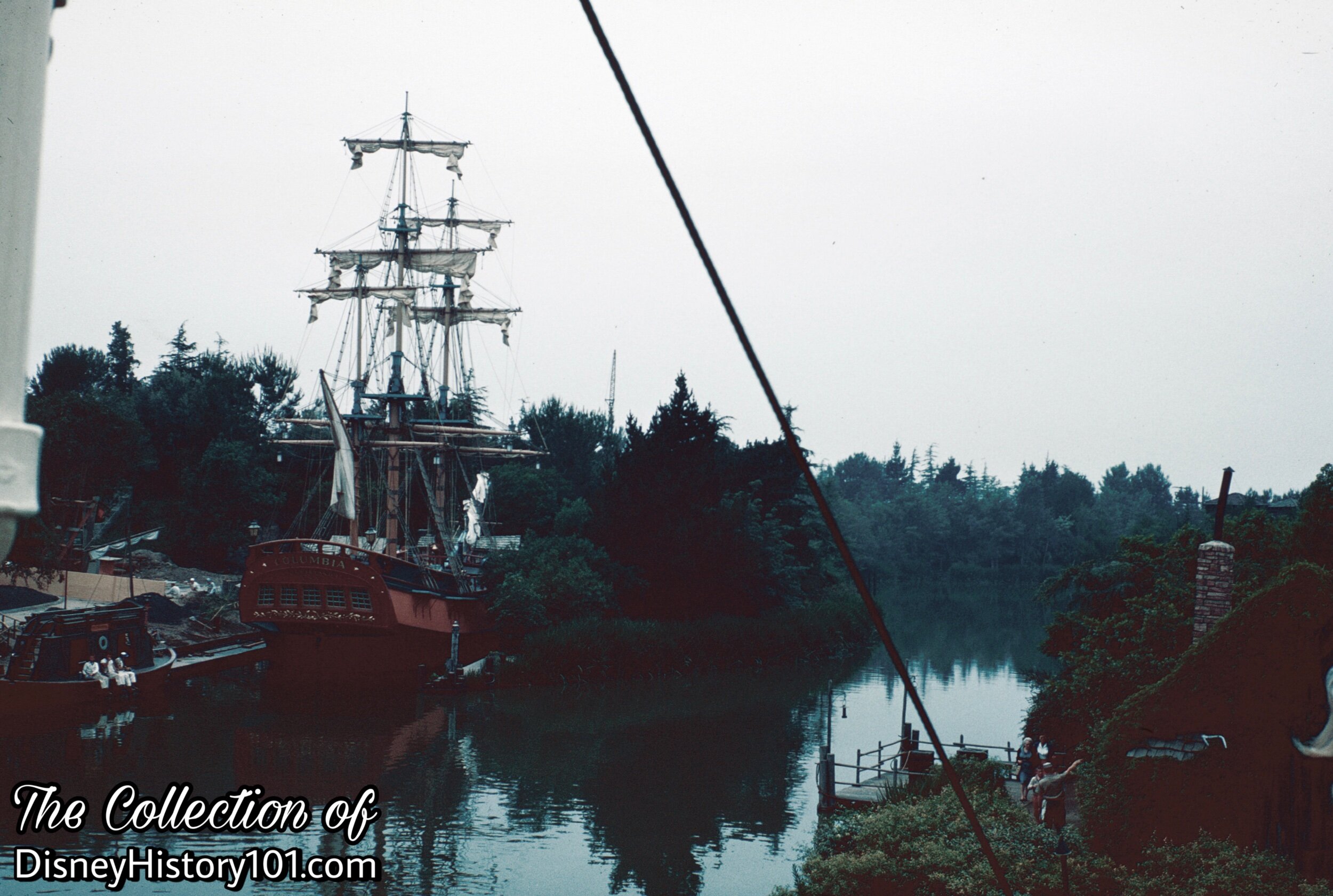
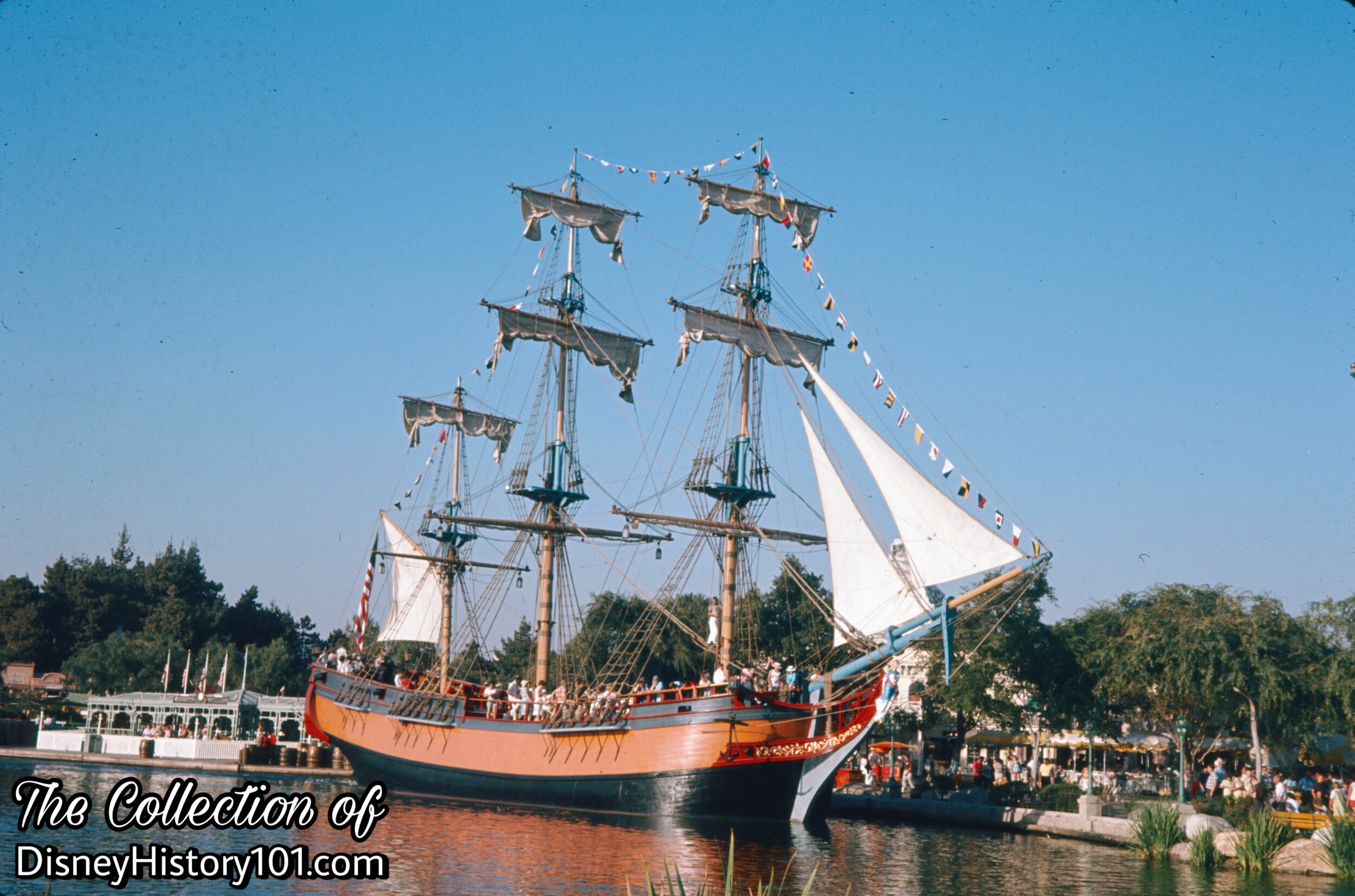
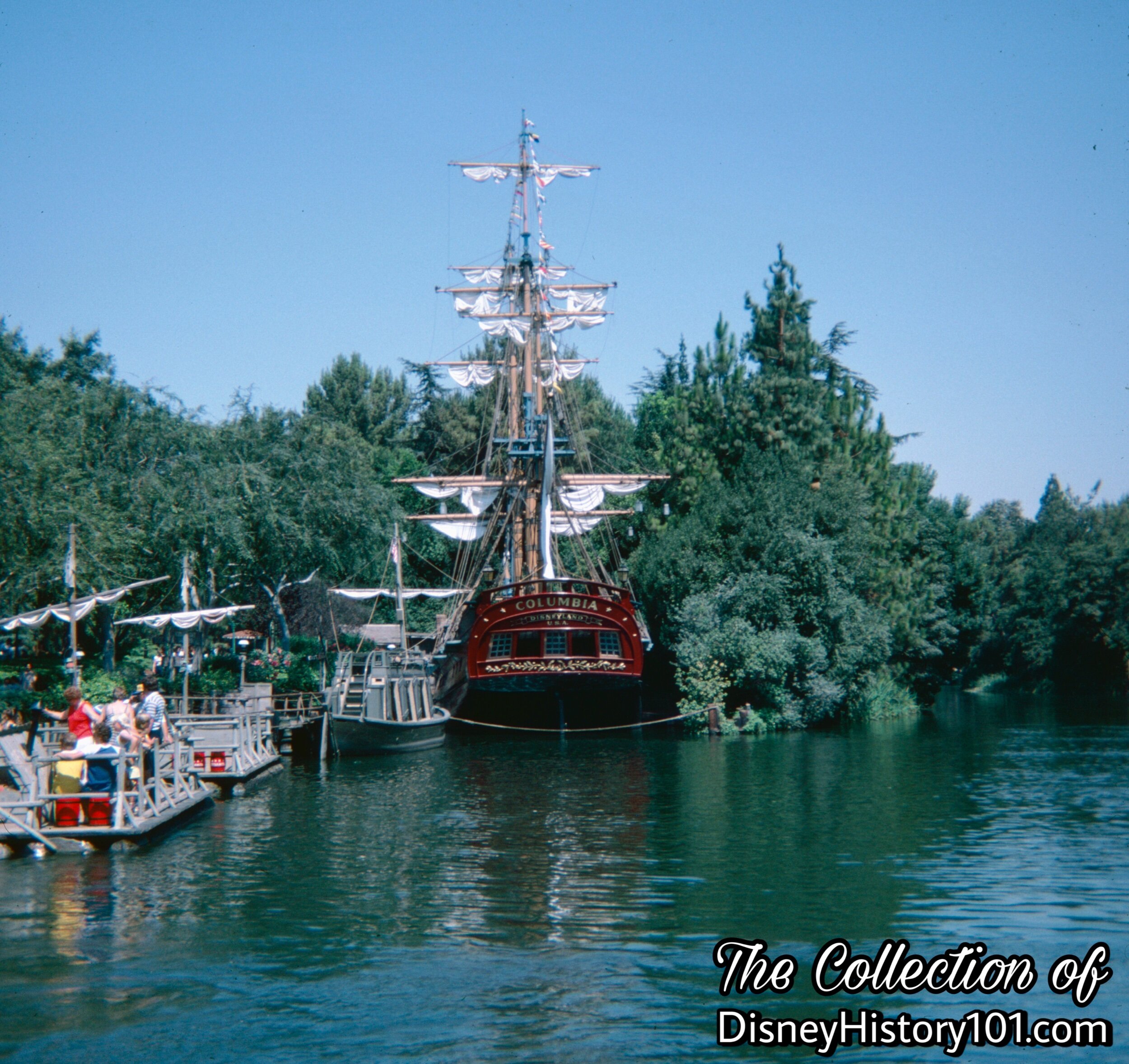
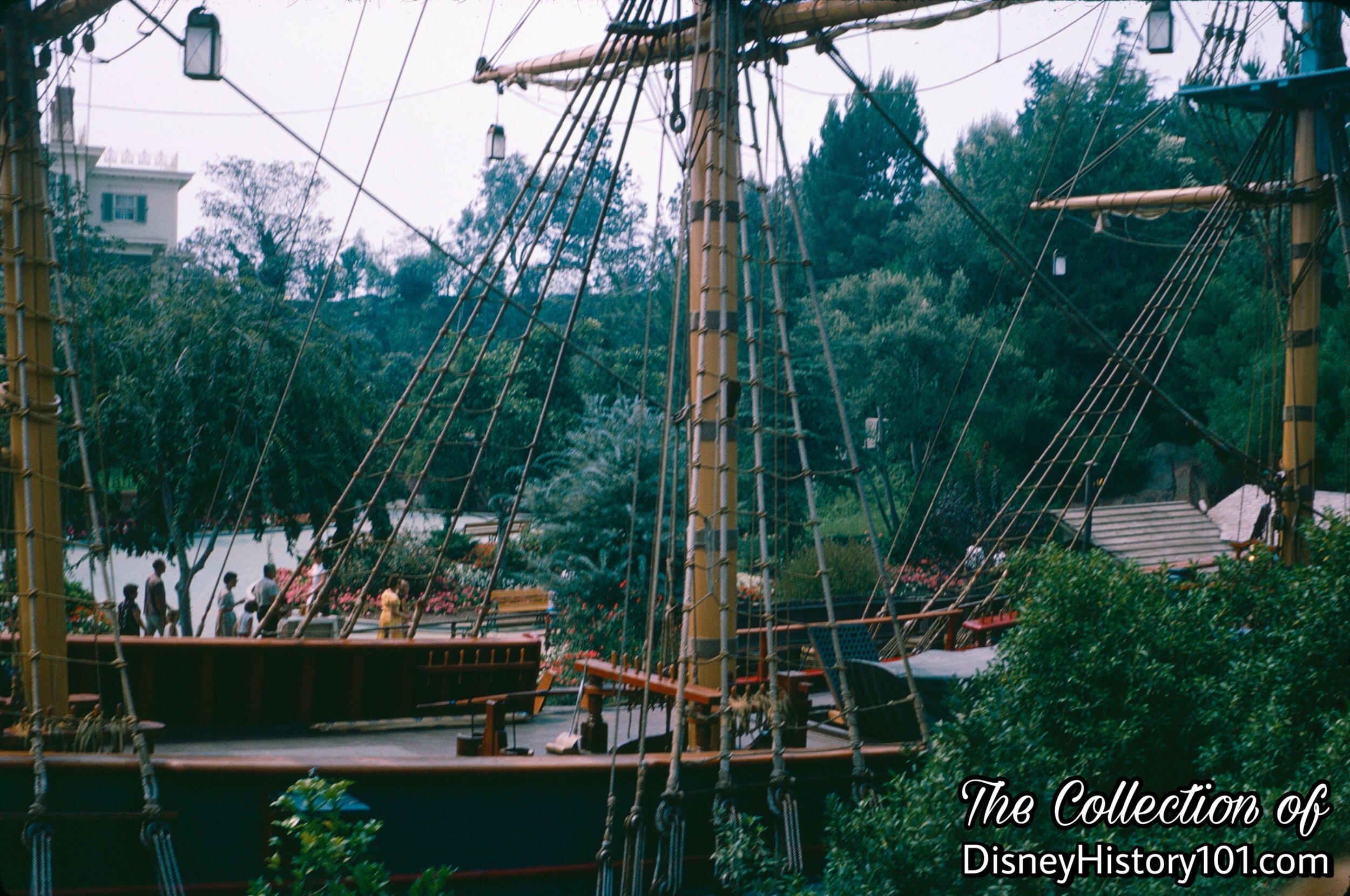
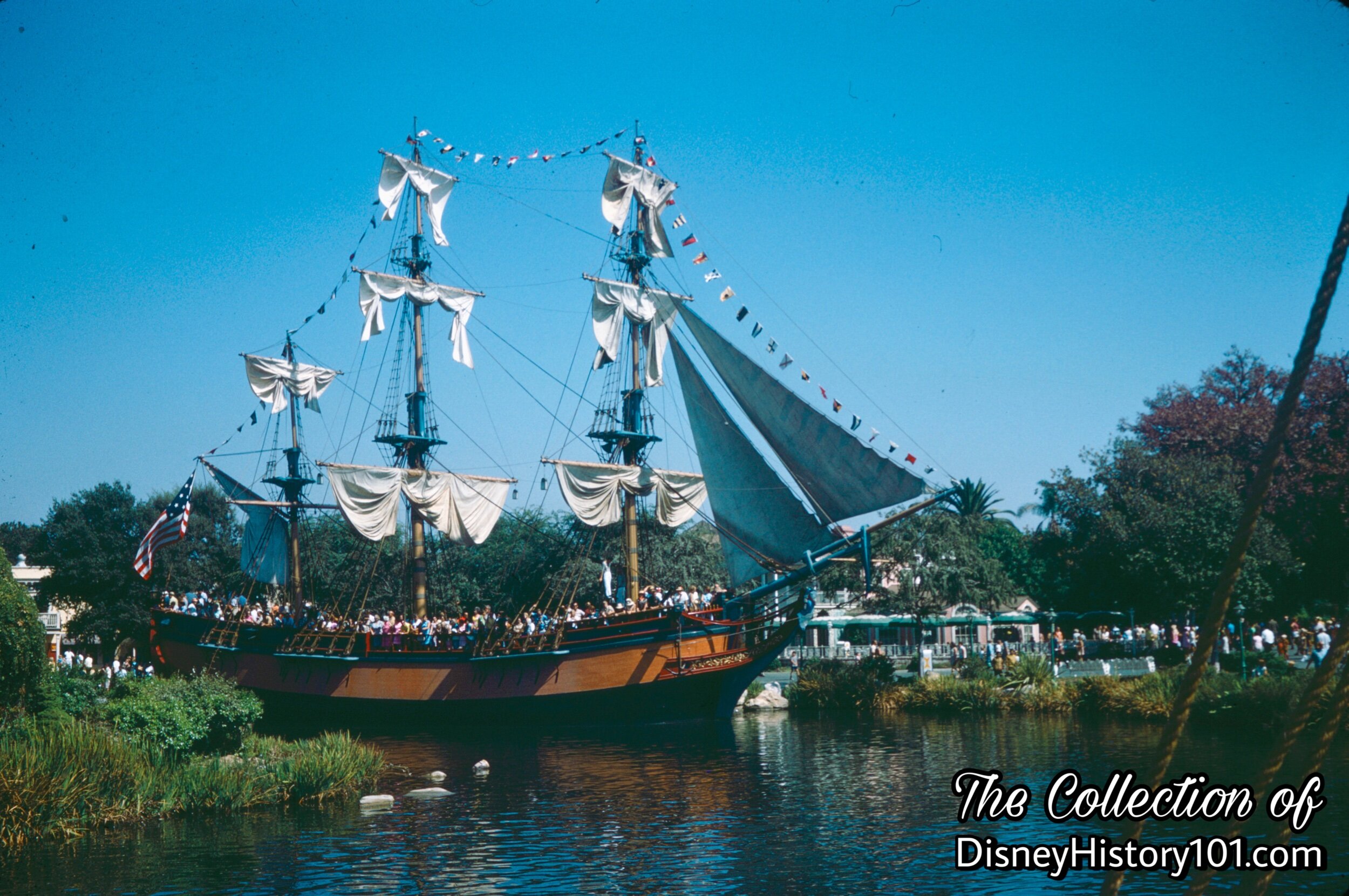
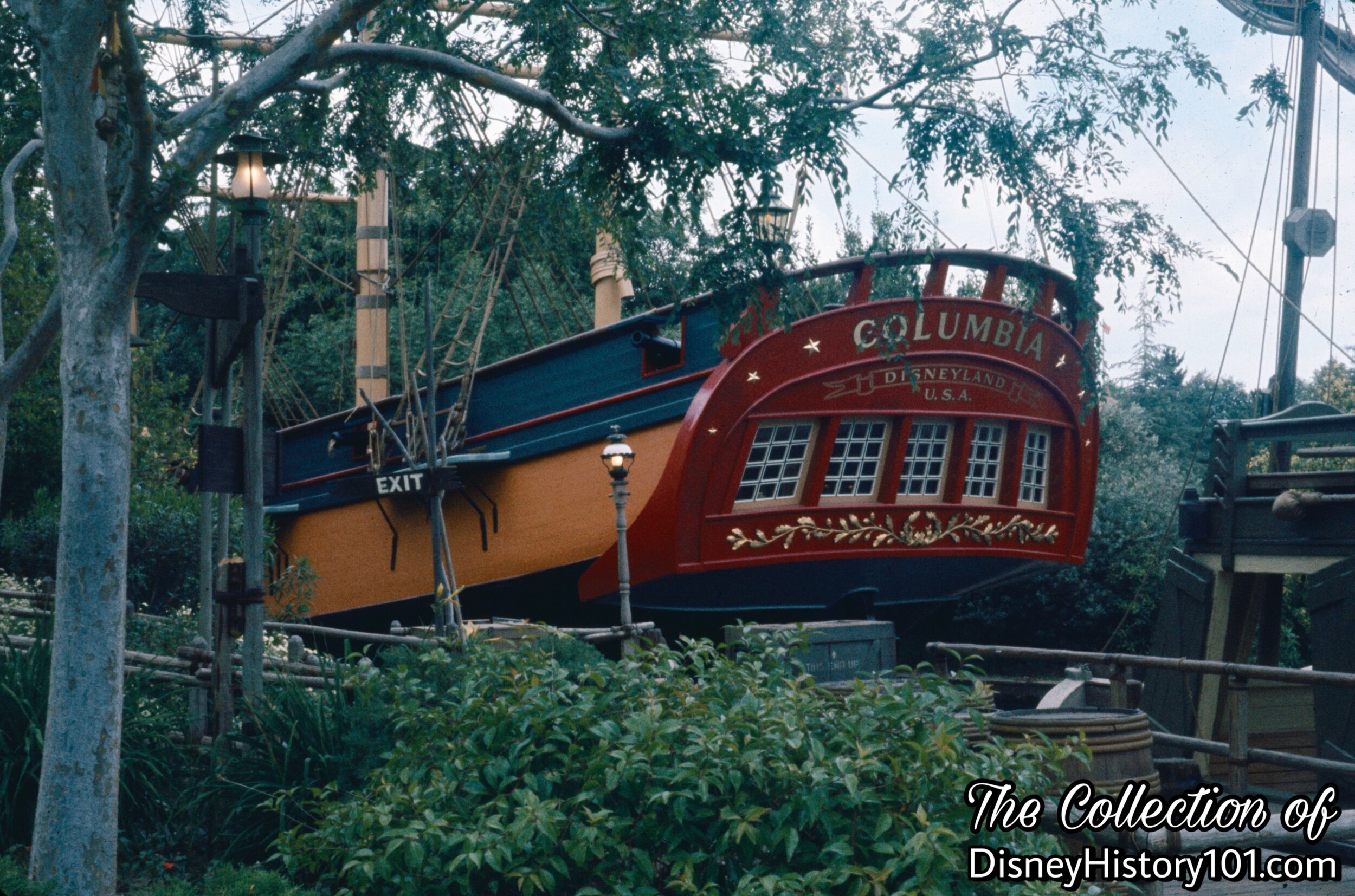
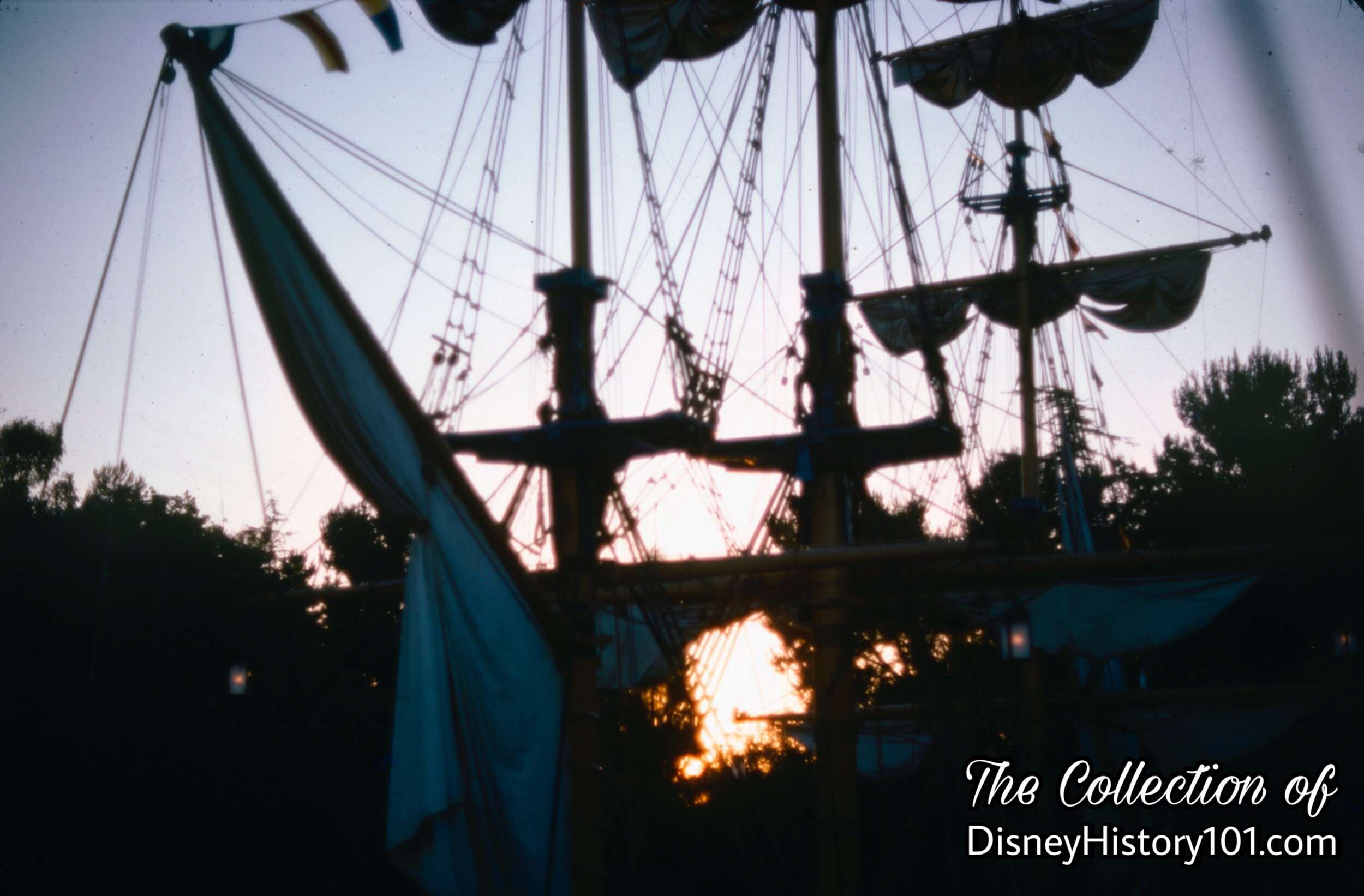
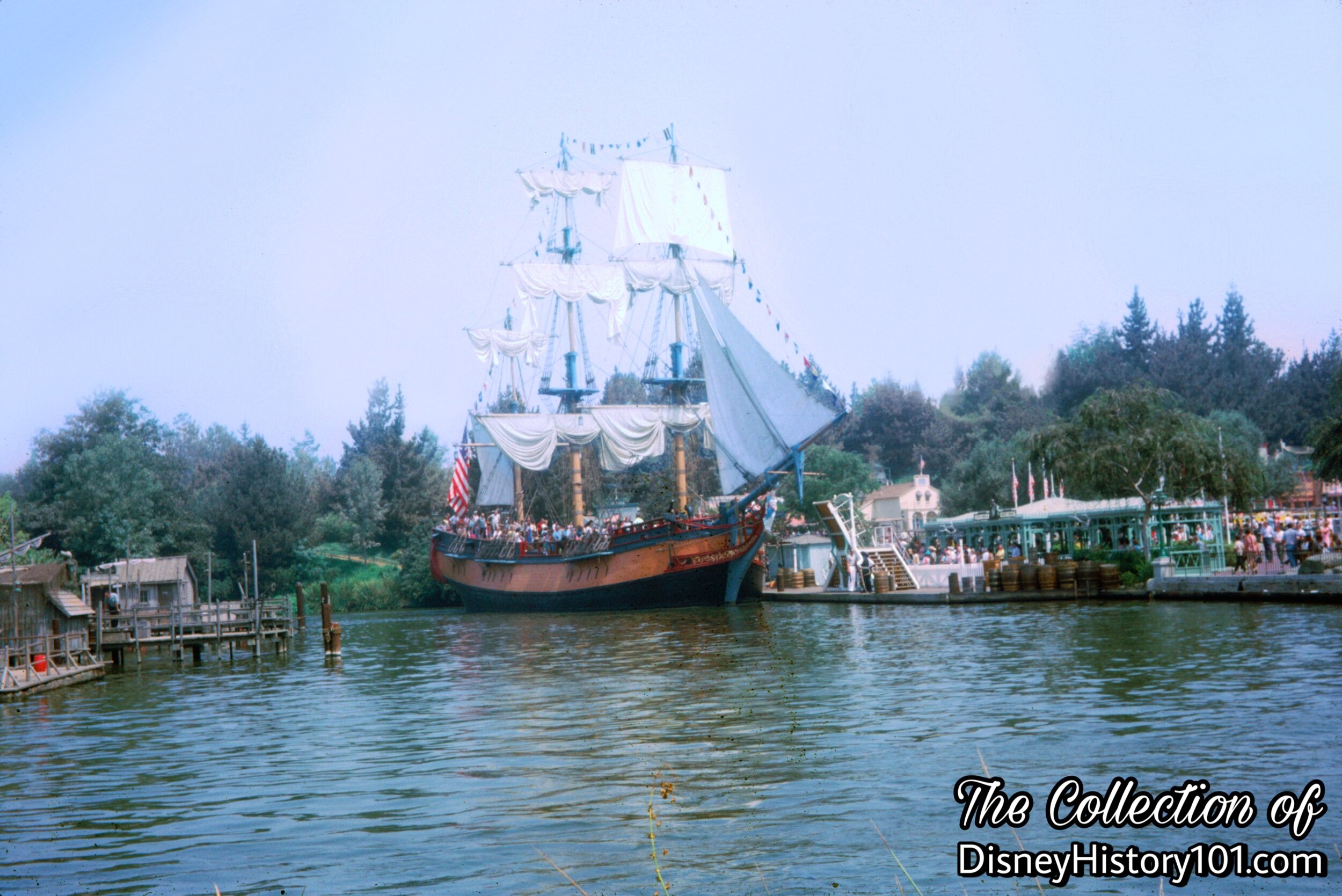
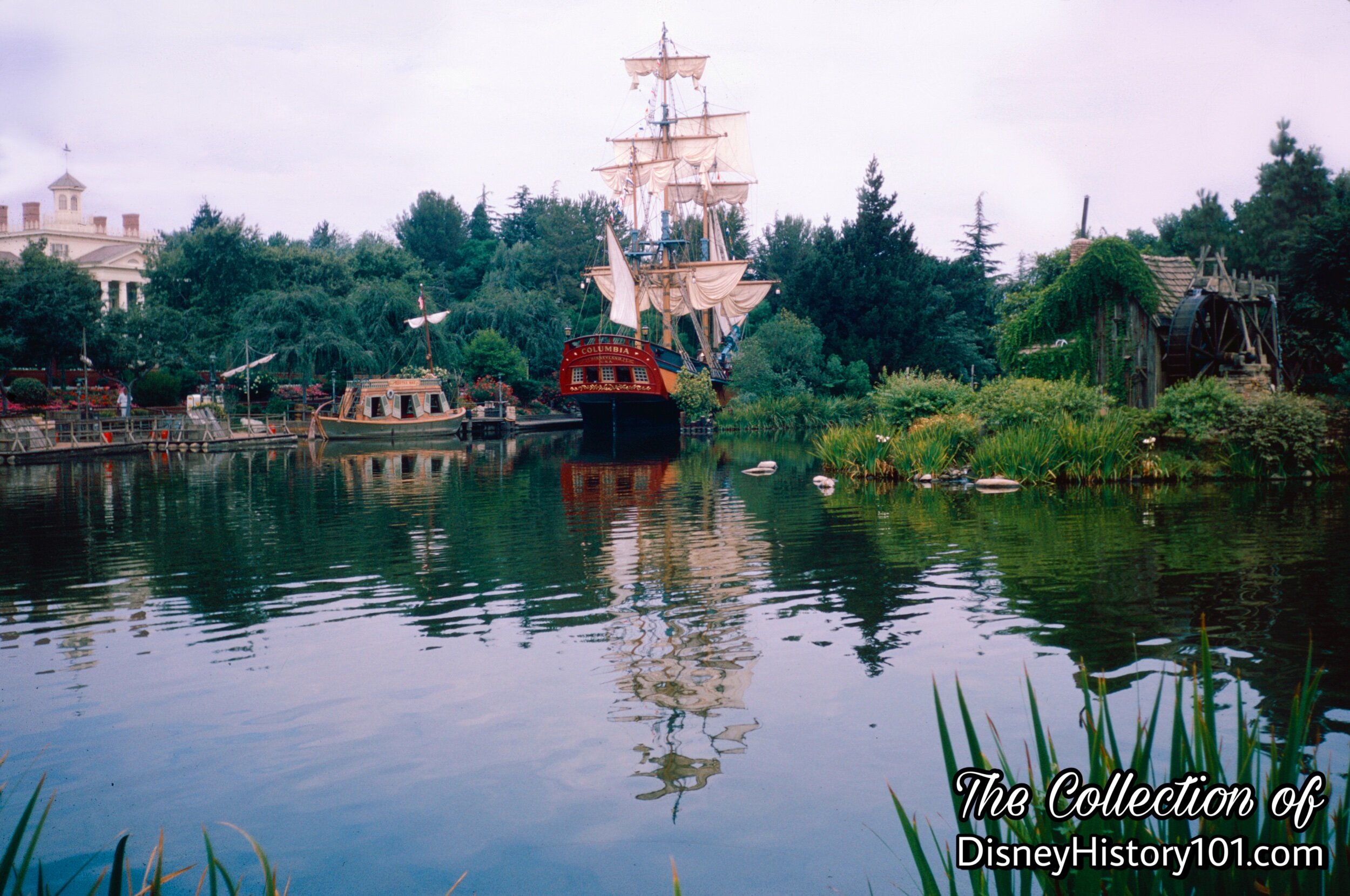
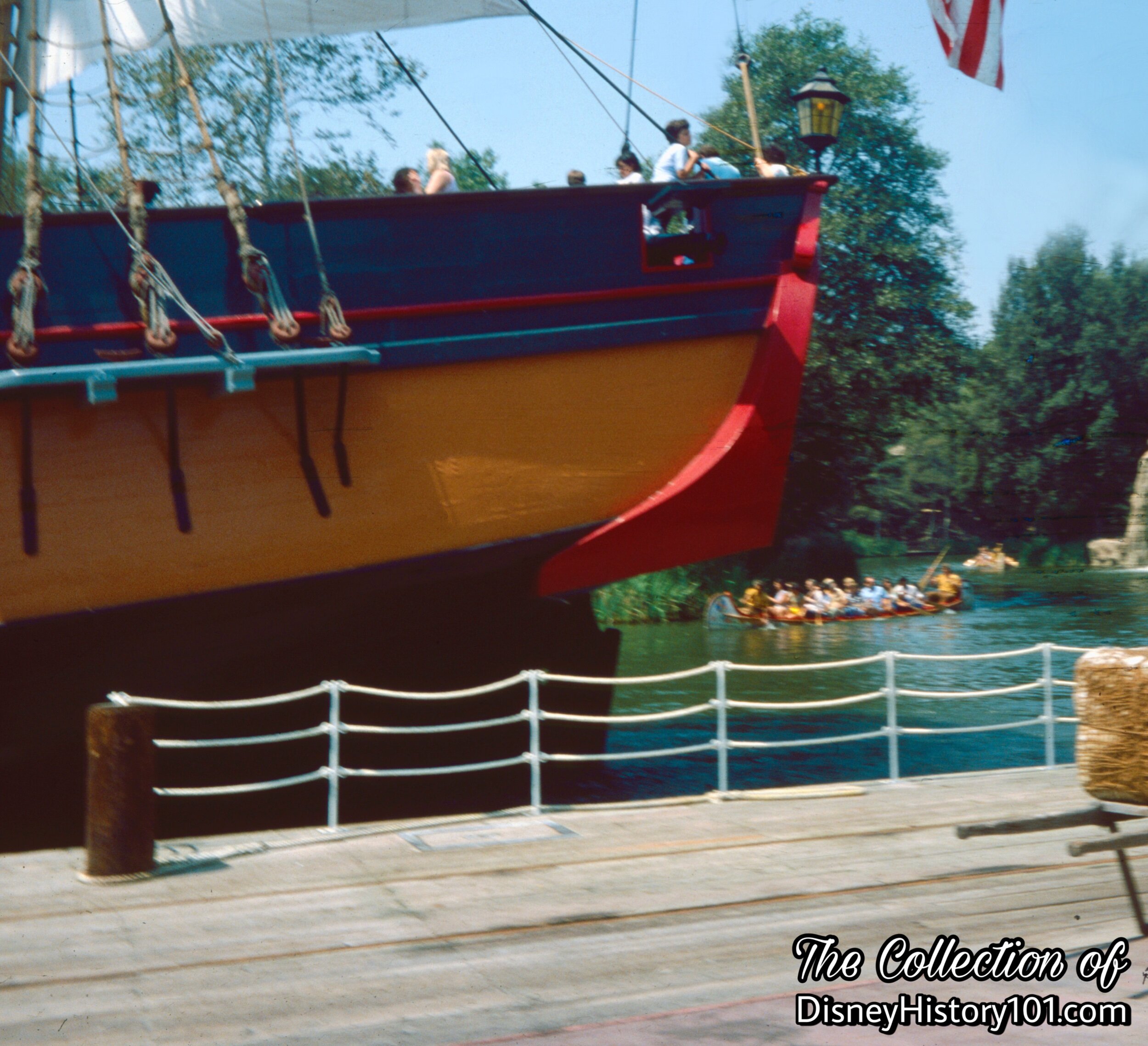
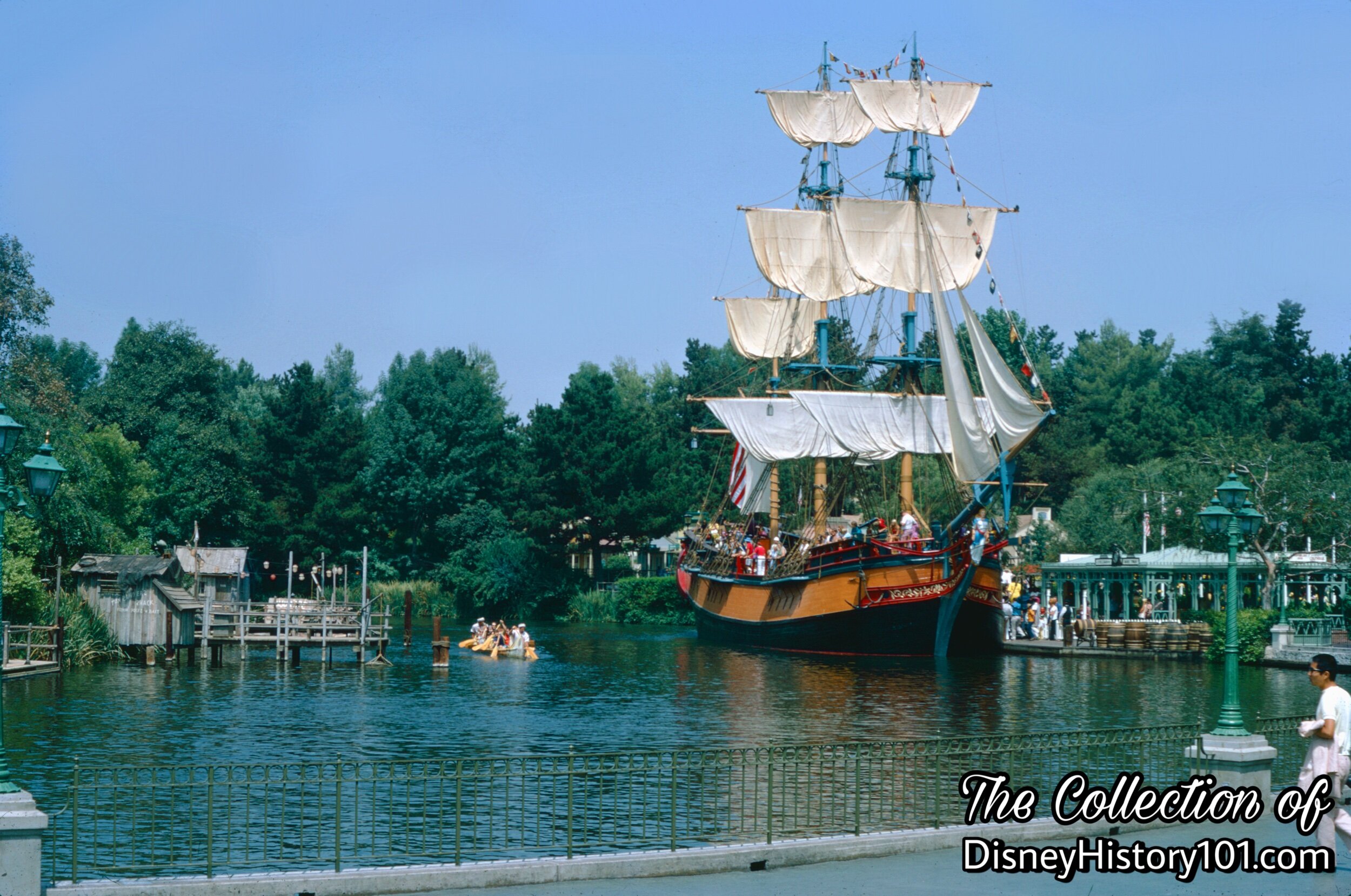
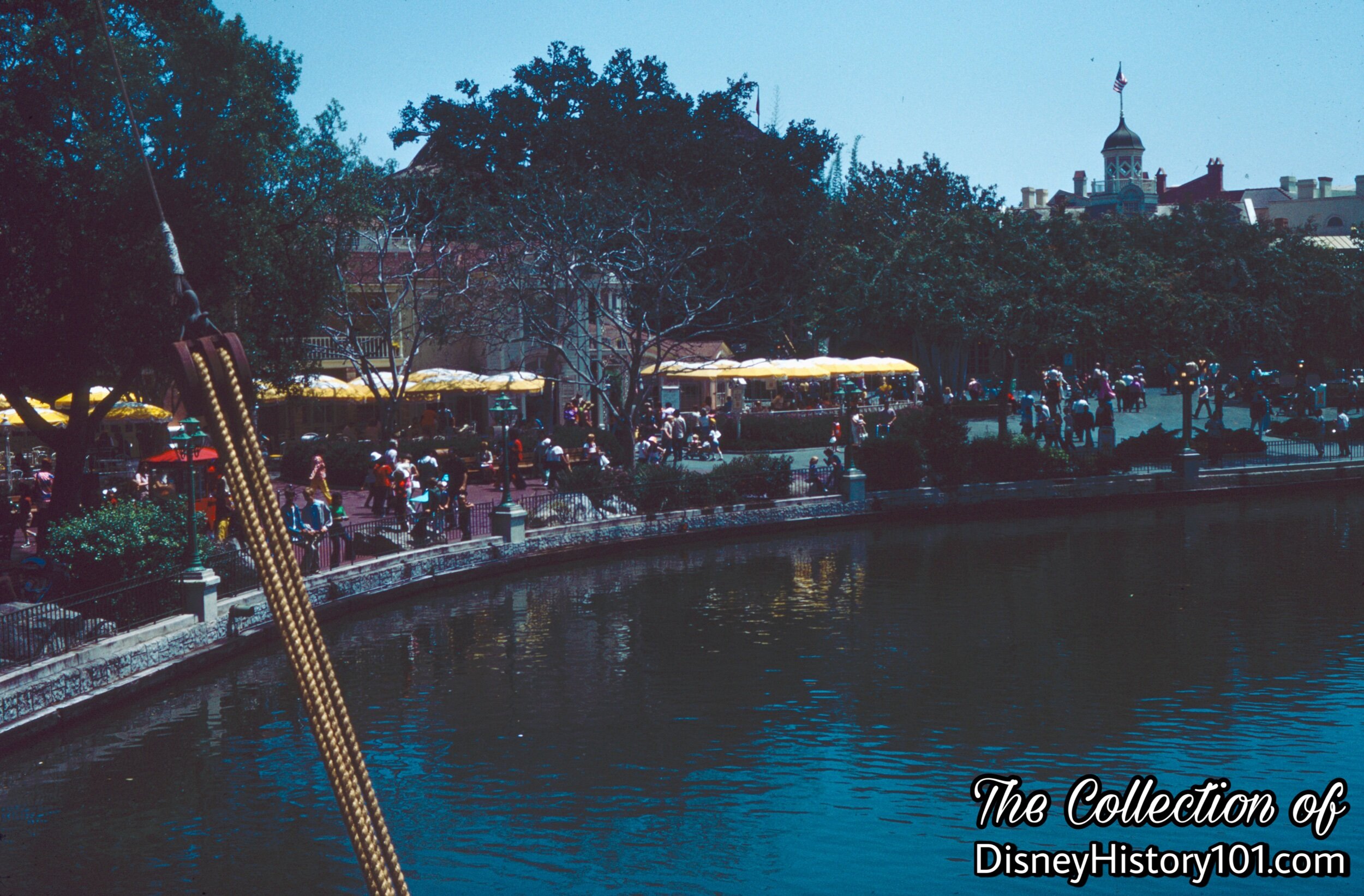
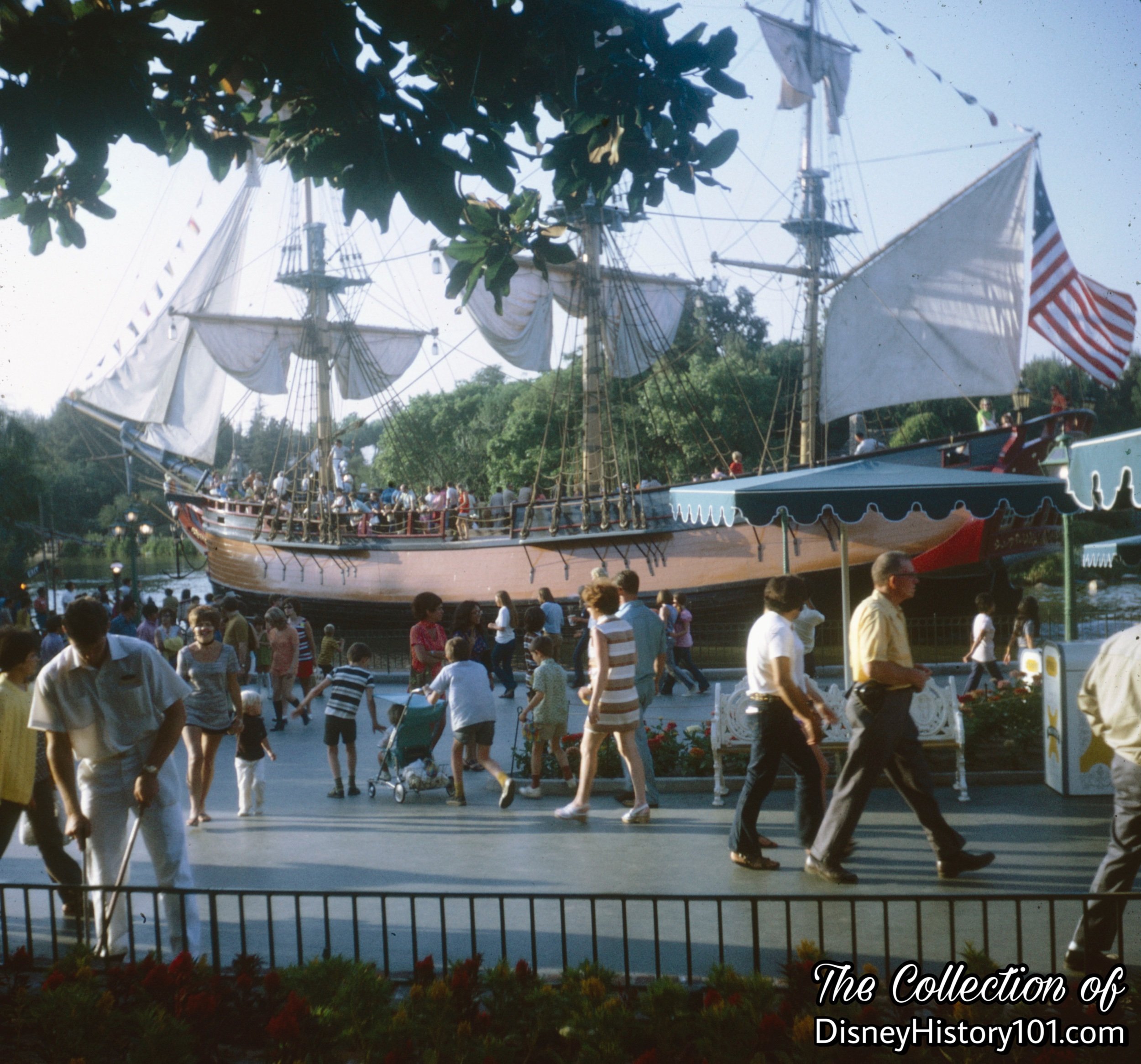

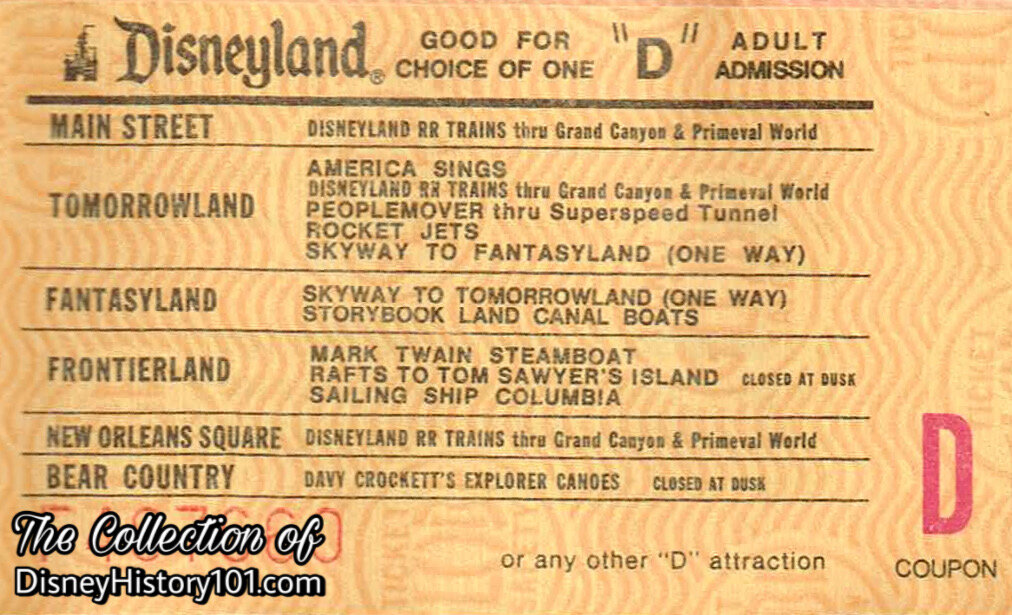
In 1992, the Columbia became part of a new nighttime spectacular known as Fantasmic! Perhaps owning in some way to this, the Columbia Operated during selected periods only.
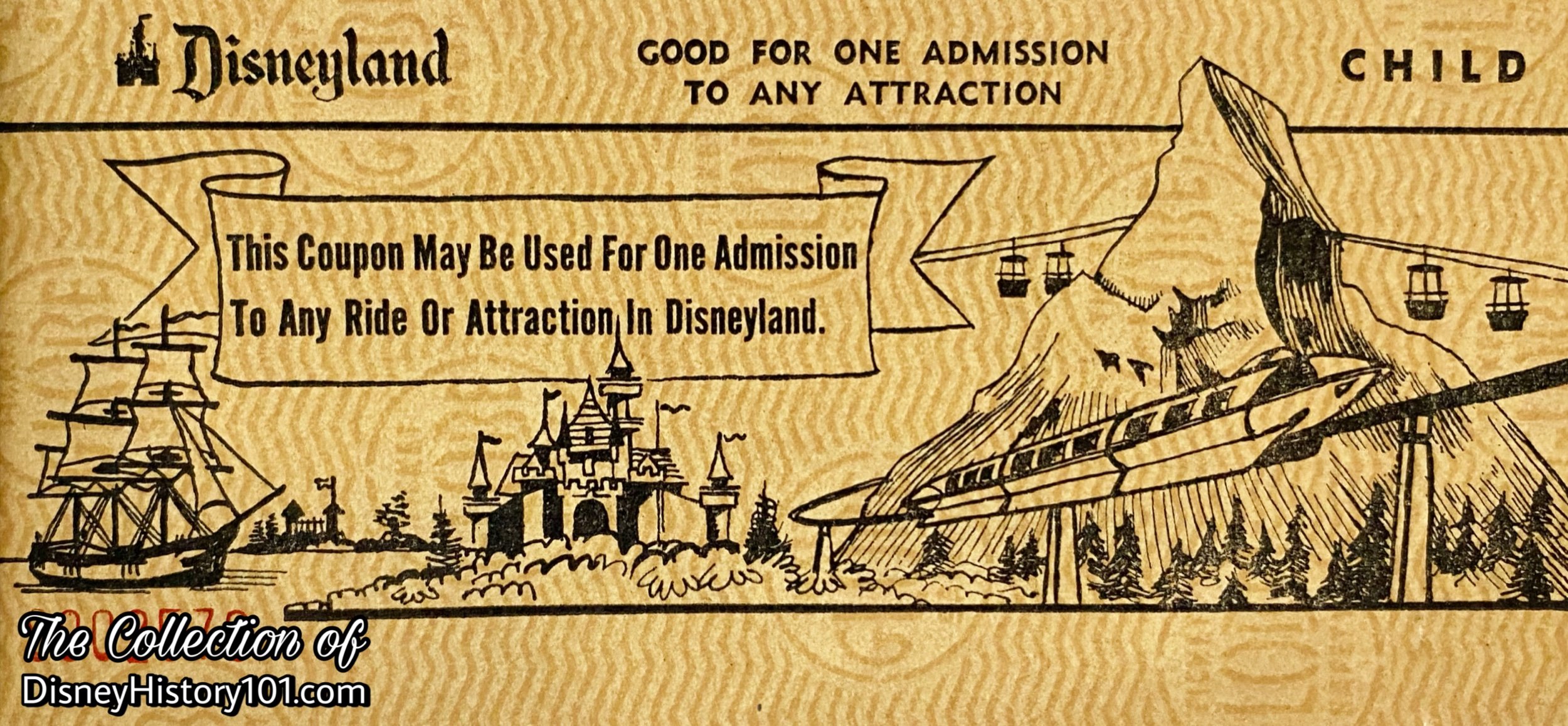
As time allows Park Operations M-44 Machinists would repair or rebuild as needed, mechanical parts for Adv/Front. Assist the machinists with repairs to the Columbia as needed. The M-44 would fill out Mechanical Checklist cards and and Downtime Reports and turn them in to the Foreman daily. The Park Operations Machinists would also check all the fluid levels on the Columbia. Magic making MAINTENANCE MACHINISTS were challenged by unique new problems each day. A typical maintenance request representing part of a day's work may sound like: “Find a pair of prescription glasses dropped from Columbia, 100 yards from boarding dock... big river.”
Safety is a major concern of Engineering. Every year they would make a complete test and inspection of all structural parts of Disneyland. And since Guests would look to Disneyland for their safety the department team was continuously designing new guest and personnel safety devices.
Many changes and adjustments would contribute to a safe show. For instance, shops frequently do the wood and metal work for major projects such as the Sailing Ship Columbia.
The Submarine batteries, weighing a total of over 20 tons, were the original power source for Disneyland's Columbia, and also served as ballast, to improve stability of the ship. They were later replaced by diesel engines, and the ballast source also had to be replaced by 22 ½ tons of pig iron.
By 1969-1970, one Motorola 2-way radio (Handie Talkie HT 200) Frequency 154.60 MHz. was assigned to the Columbia. This was in relation to River of America operation of the Columbia and to be used for emergencies on the river, breakdowns and first aid requirements. The Price/unit was $758.00 without battery and antenna. Model #123 DEN 3110 A.W.
The “I Have an Idea” Program (est. 1978) would also come to yield many ideas that would influence and shape the efficiency and safety of how things were run. For instance, Disneyland Cast Member William Burnett had the idea to “attach floating keychains to key sets of attractions near the water, to support keys accidentally dropped in the water.” [Disneyland Line, March 1st, 1979]
During the 1990s, the wooden masts were replaced with steel masts.
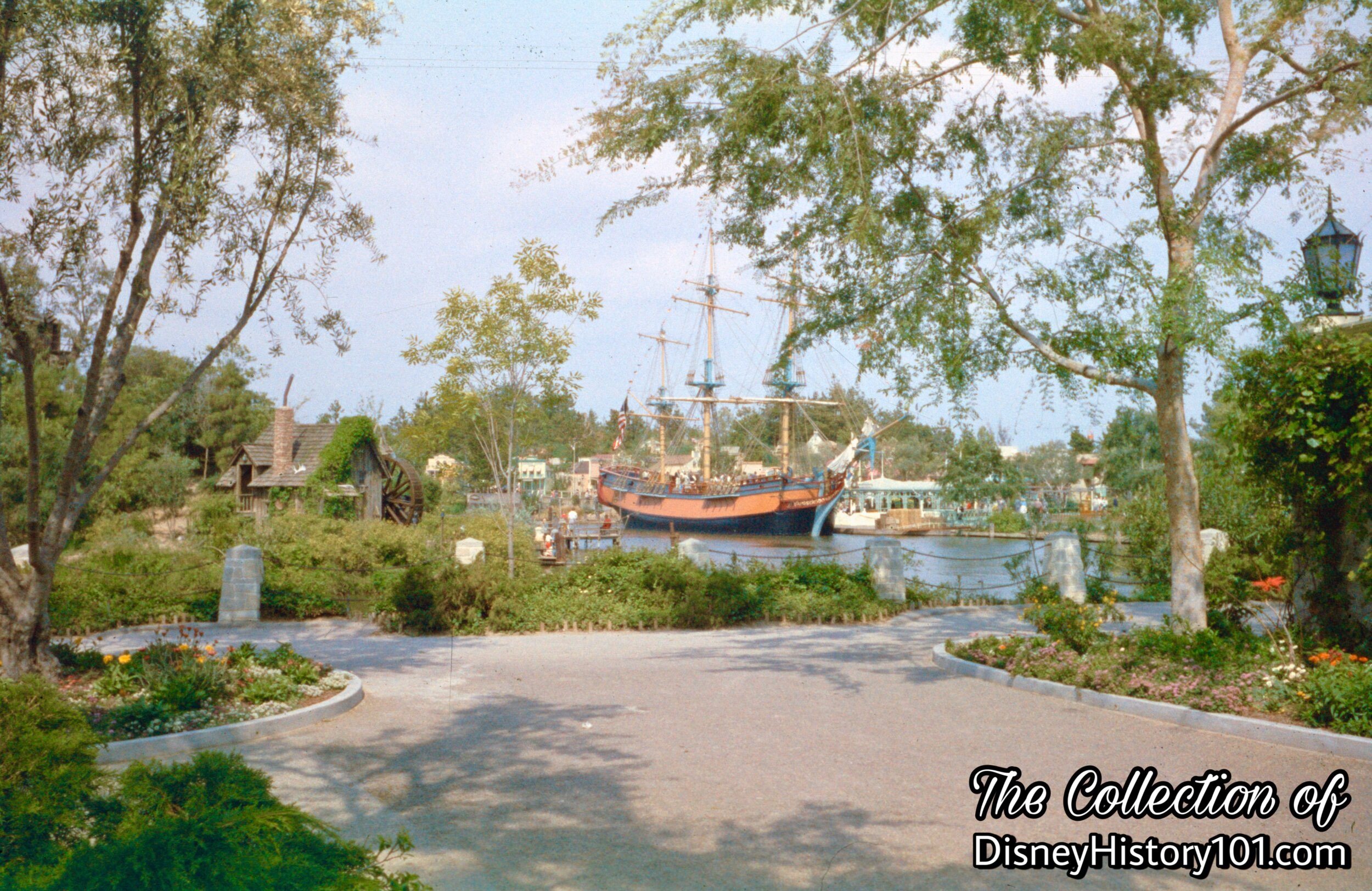

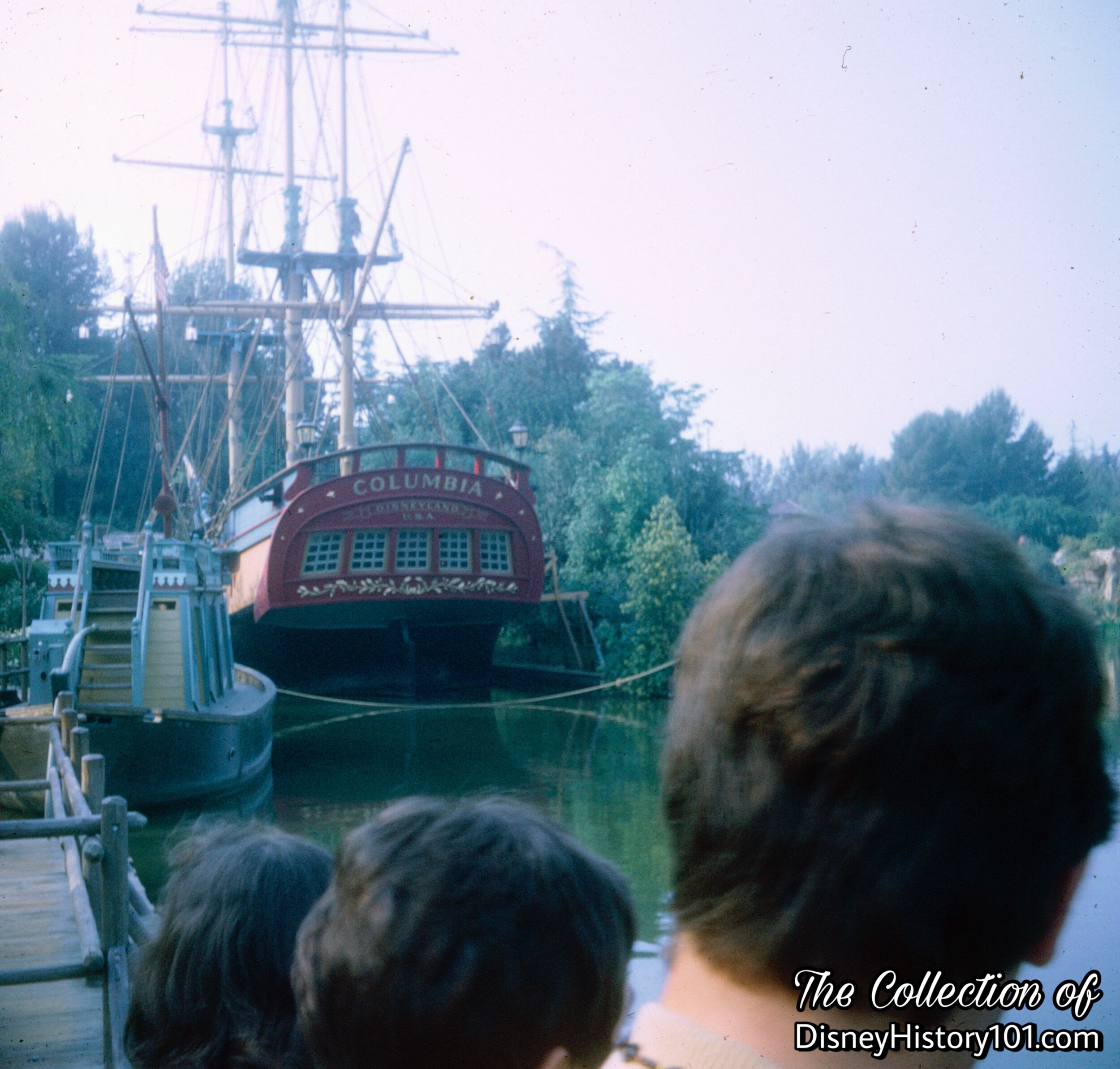
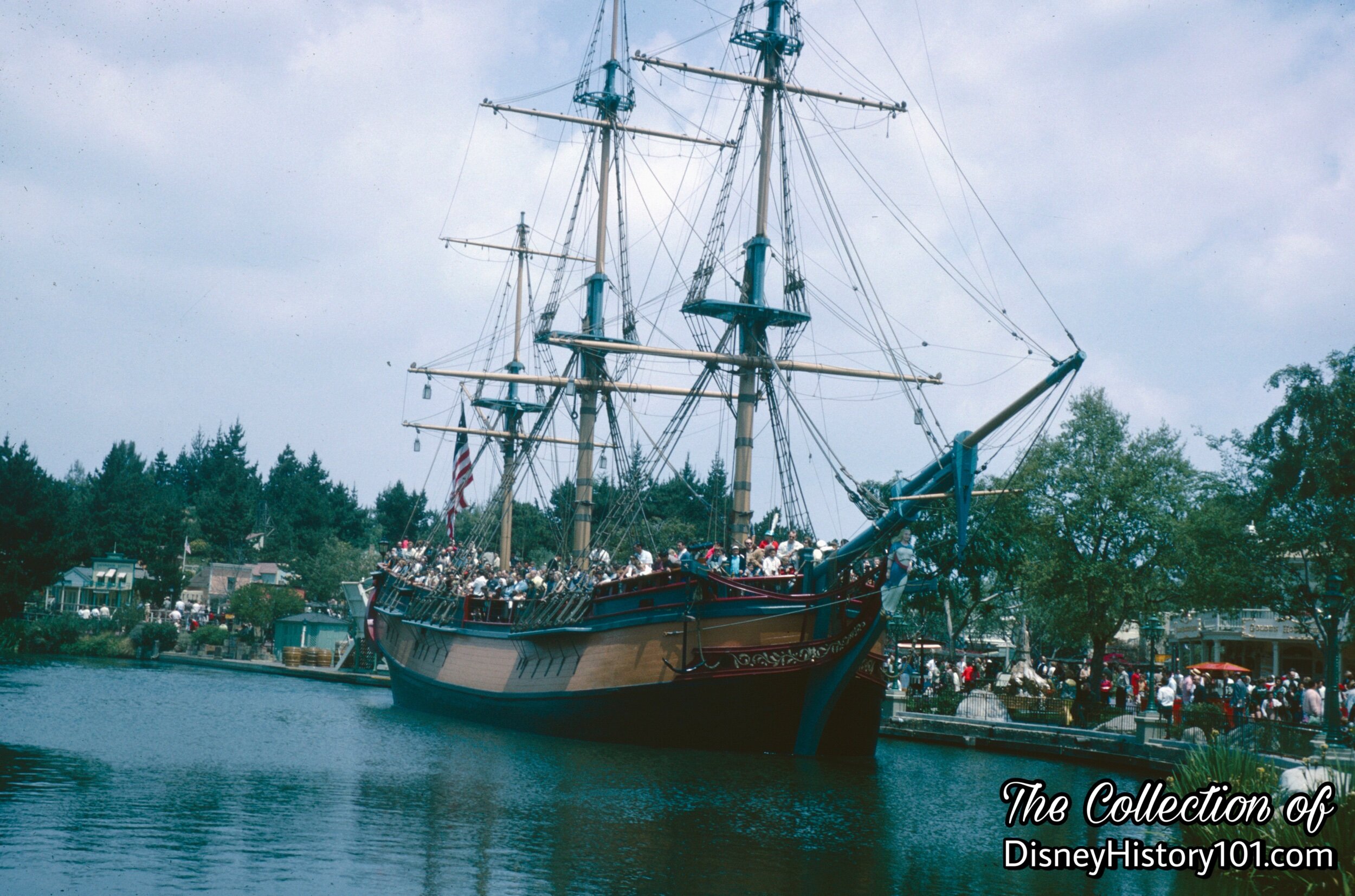
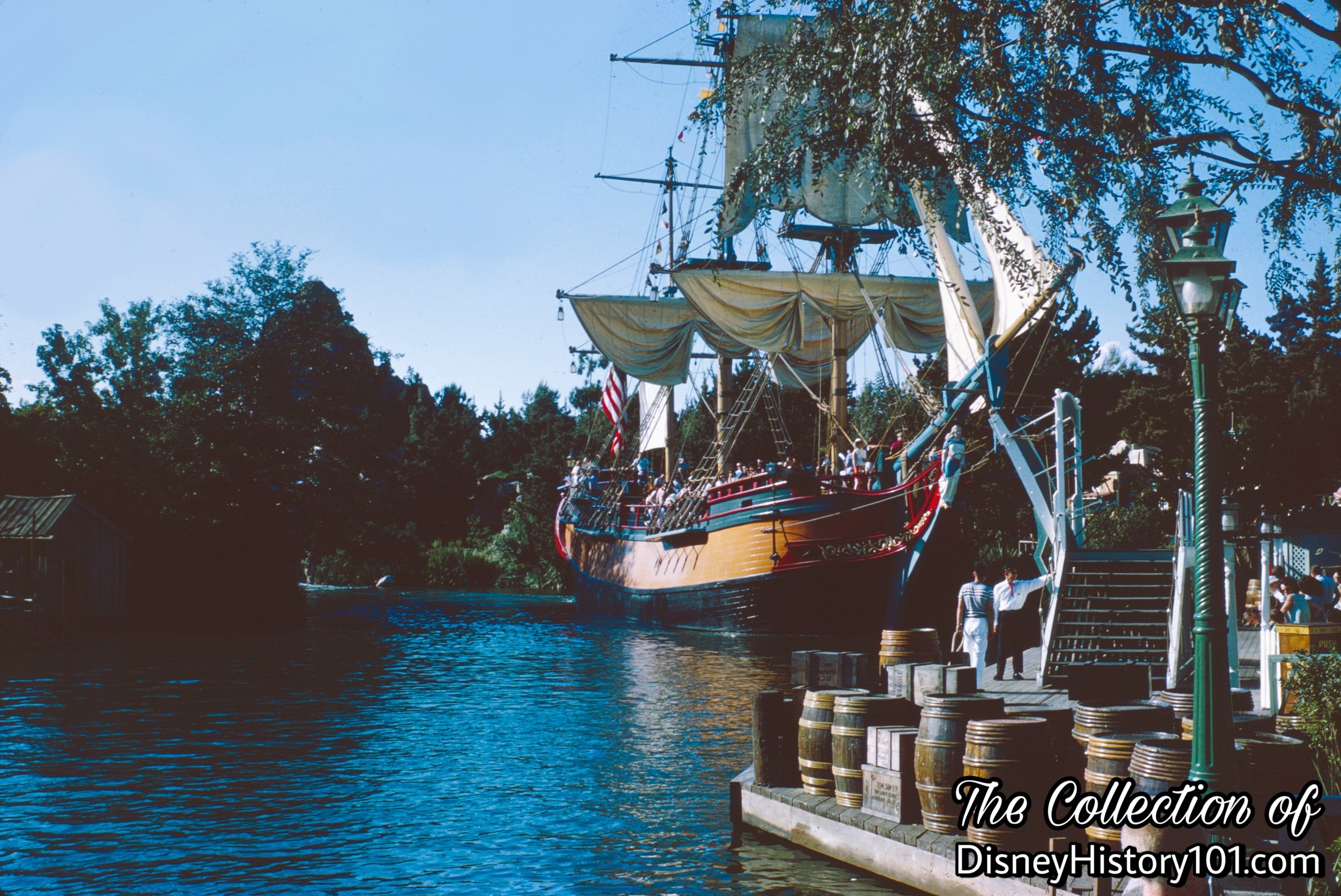

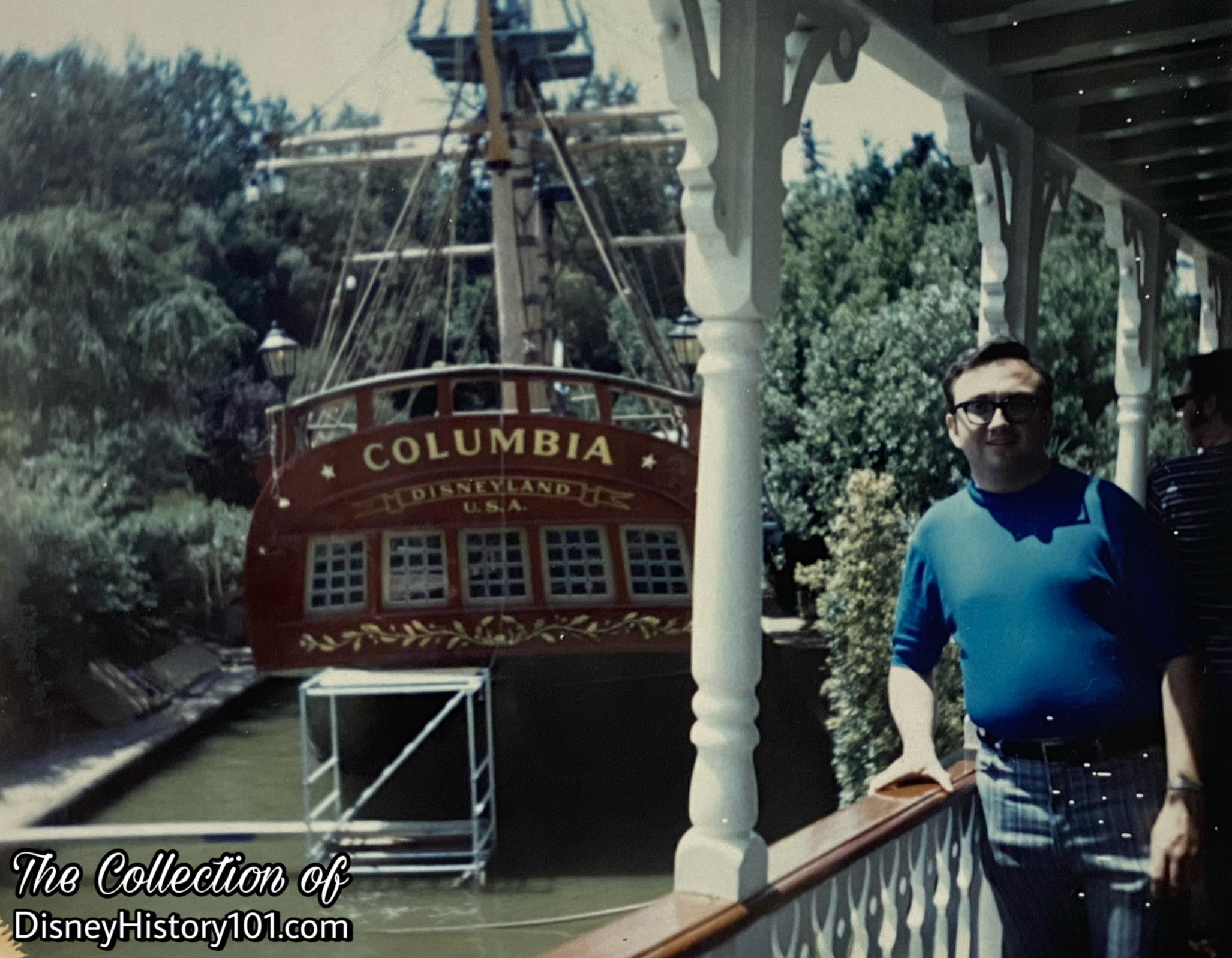
The Columbia would briefly cease operation during the winter season of 1962.
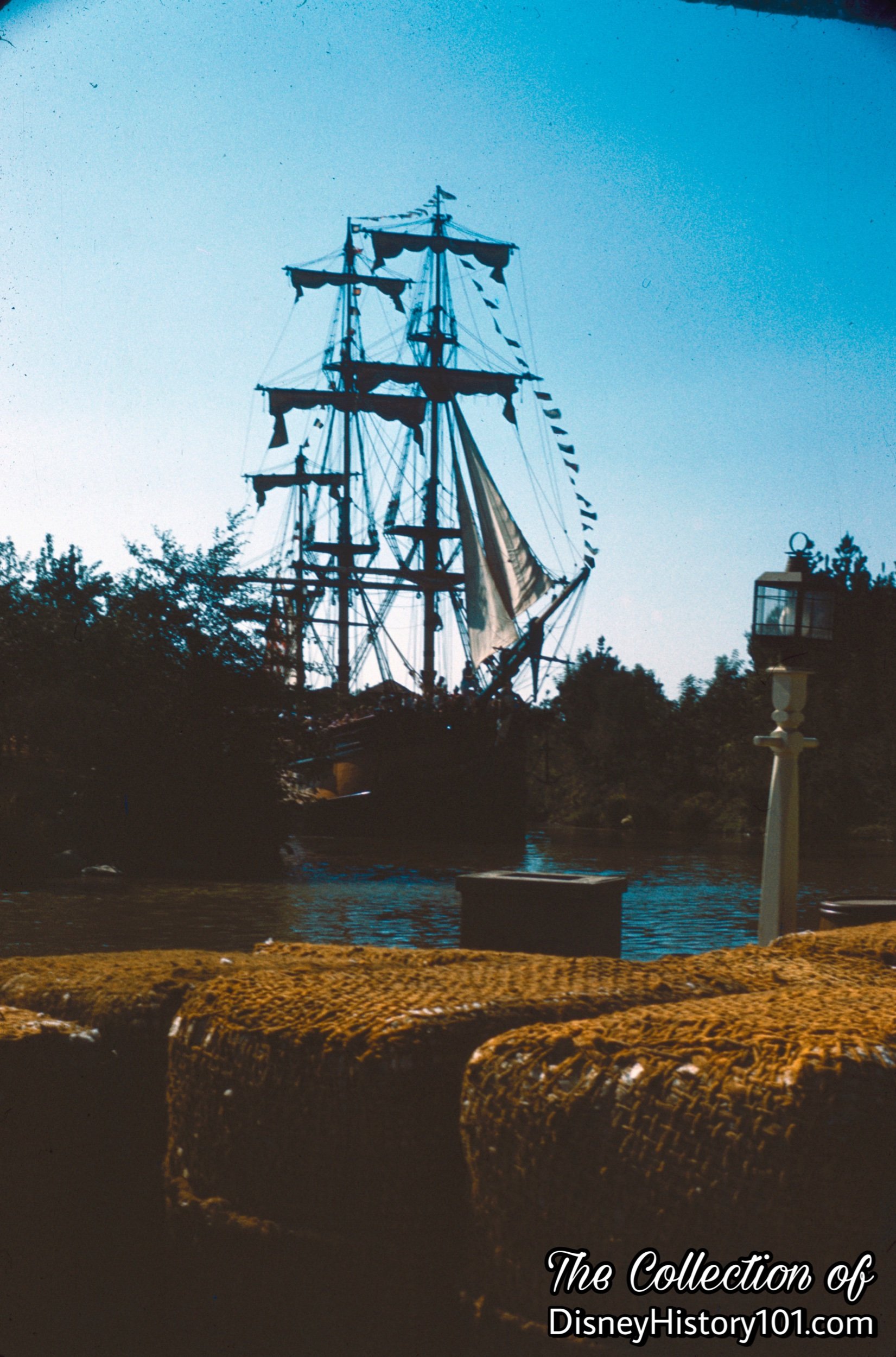
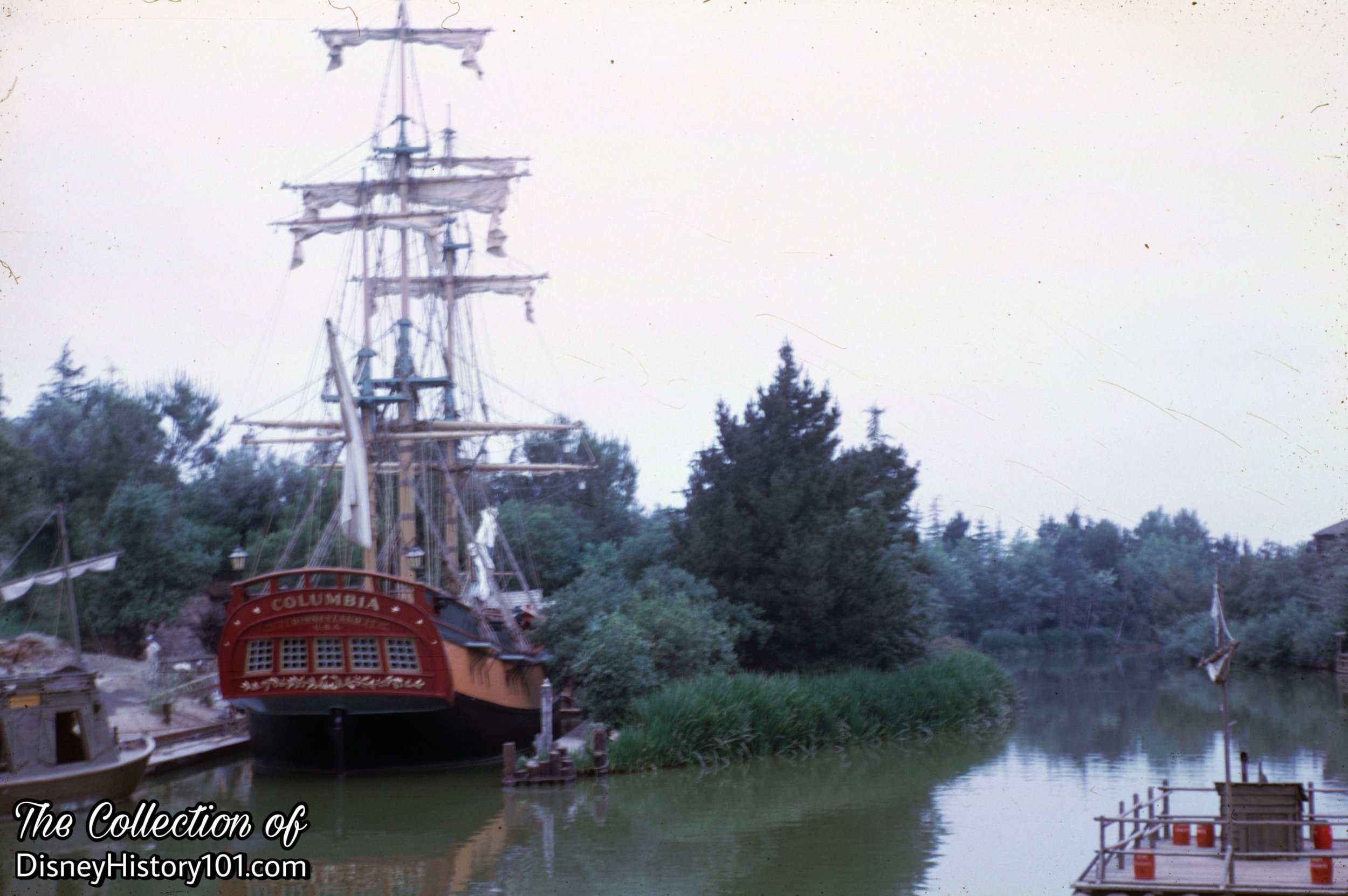

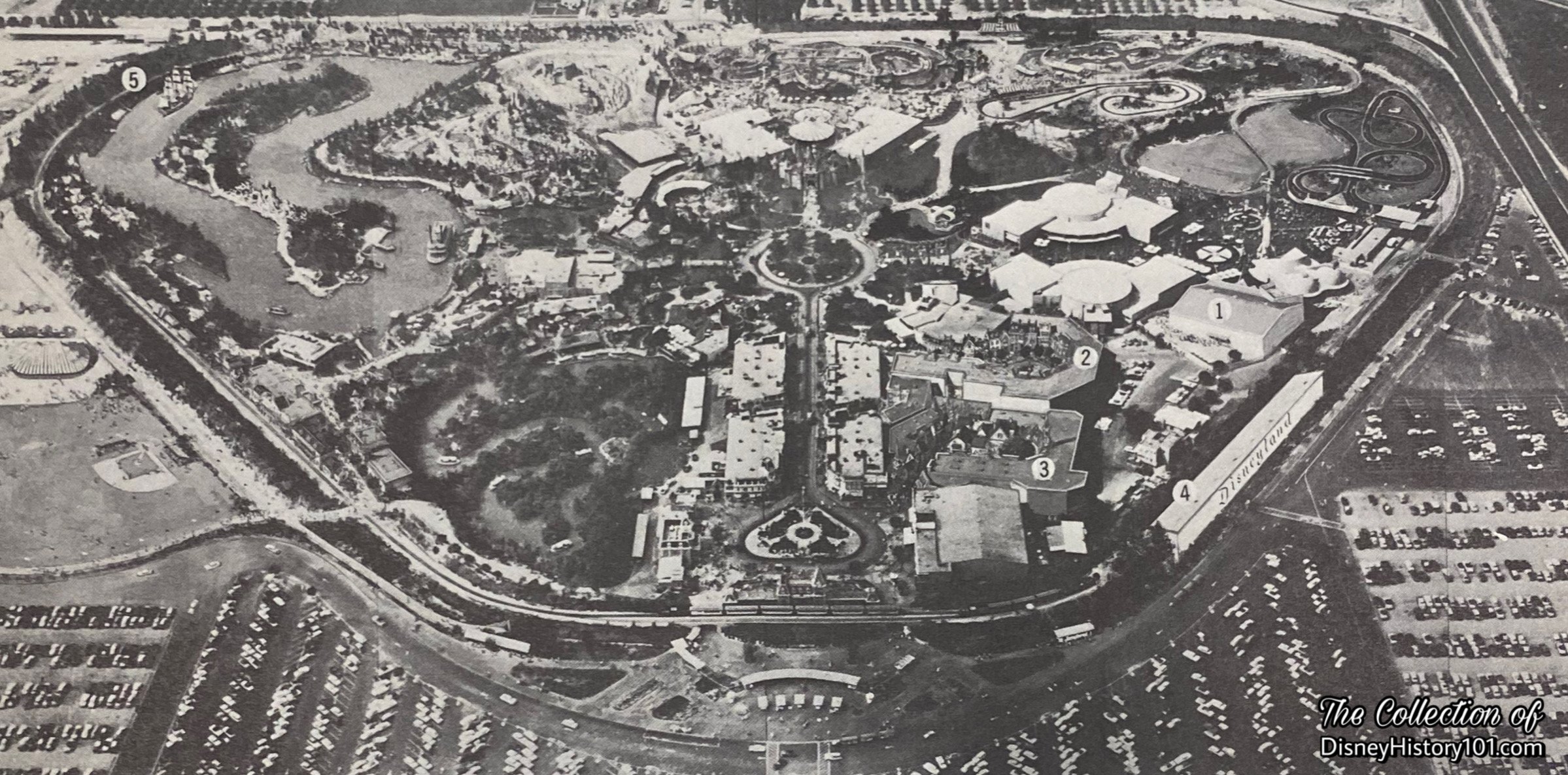
DISNEYLAND FIRE STATION (FIRE DEPARTMENT)

“Blue Sky for ‘Mickey Mouse Park’ Fire Station”
A Fire Station was included in some of the earliest designs for Walt Disney’s themed amusement park. Back in 1948, Walt was dreaming about a Park (to be located across the street from the Studio in Burbank). The opening words of the “Mickey Mouse Park” prospectus mentioned that “adjoining Town Hall will be the Fire and Police Stations. The Fire Station will contain practical fire apparatus… scaled down.” [“The Spirit of Disneyland”] Early thumbnail sketches and other concept artwork seemed to be unencumbered by restrictions of budget, schedule or the laws of nature and physics. Though guided by Walt, his artists appeared to engage in “free-thinking,” as if implementing the modern “Blue Sky” Imagineering process.
Even at this early date, the Main Street Fire Station had its roots in true-life structures. For instance, when Walt Disney Studio artist Harper Goff was tasked with creating Main Street building design concepts for the “Mickey Mouse Park” (an 11-acre plot across the street from Walt Disney Studio), he drew some inspiration from the old buildings of his hometown - Fort Collins, Colorado. Some of those very same structures (some of them two-story) that were present from 1911-1920), were also present when Harper arranged for photographs of Fort Collins to be captured and shown to Walt during the early 1950s. While the Main Street Fire Station was not directly inspired by any singular building, Harper’s memories of them doubtlessly continued influential to conceptual artwork soon produced for the early “Mickey Mouse Park” concepts and ultimately the 160 acres of Walt Disney’s Disneyland in Anaheim, California!

“Blue Sky for the Disneyland Fire Engine House”
The preceding image is an excerpt from Herb Ryman’s “Aerial View Over Disneyland,” which was produced over a weekend (September 26 & 27, 1953). In this excerpt (pictured above), we get a glimpse of the Main Street Fire Station (which appears to be an exhibit of sorts) located in Disneyland’s Civic Center of Town Square.
By July 1, 1954, George Whitney of Disneyland, Inc. directed Amusements, with Ron Miller overseeing analysis, philosophy, capacities, planning, operator training, and amusement procurement. Soon “The Disneyland Story” (a document produced on September 3, 1954), told the story of what guests would experience once entering Disneyland. The opening page states : “Here you will see…the Fire Engine House with the Old Fashioned Fire Engine.” Clearly, a Fire Department has been a part of Disneyland plans since it’s earliest conceptual stages.
Like some advanced “High Concept,” final designs were quickly generated and approved. Some of these viable project Concepts (as this), were supported by a well-developed business case and built expectation. In fact the Disneyland Fire House was included among the portfolio of colored sketches by Herb Ryman, Bruce Bushman, Harper Goff, and others that was prepared for Dick Irvine and Nat Winecoff to take back East to sell the Disneyland concept to prospective licensees.

“Master Planning and Design of the Disneyland Fire Engine House”
Next, architectural drawings helped define all designs, production and construction strategies, costs, schedule, and resource requirements. “Disneyland is unique in that some of the world's foremost creative artists and architects control all design at Disneyland.“ Models explored the various dimensional relationships, site-lines, flow patterns, ergonomics, and visual appeal to convey the desired creative intent. By January 7, 1955, architectural drawings (elevations and site plans) for “Town Hall” on the 200 Block had been completed by a “Lorrecc” and an “H.S.” of WED Enterprises, Inc. for Disneyland, Inc. The drawings were checked by a “WBK,” approved by two individuals, and revised twice - by “R.A.M.” (on March 4, 1955) and E. Jericho (March 9, 1955).
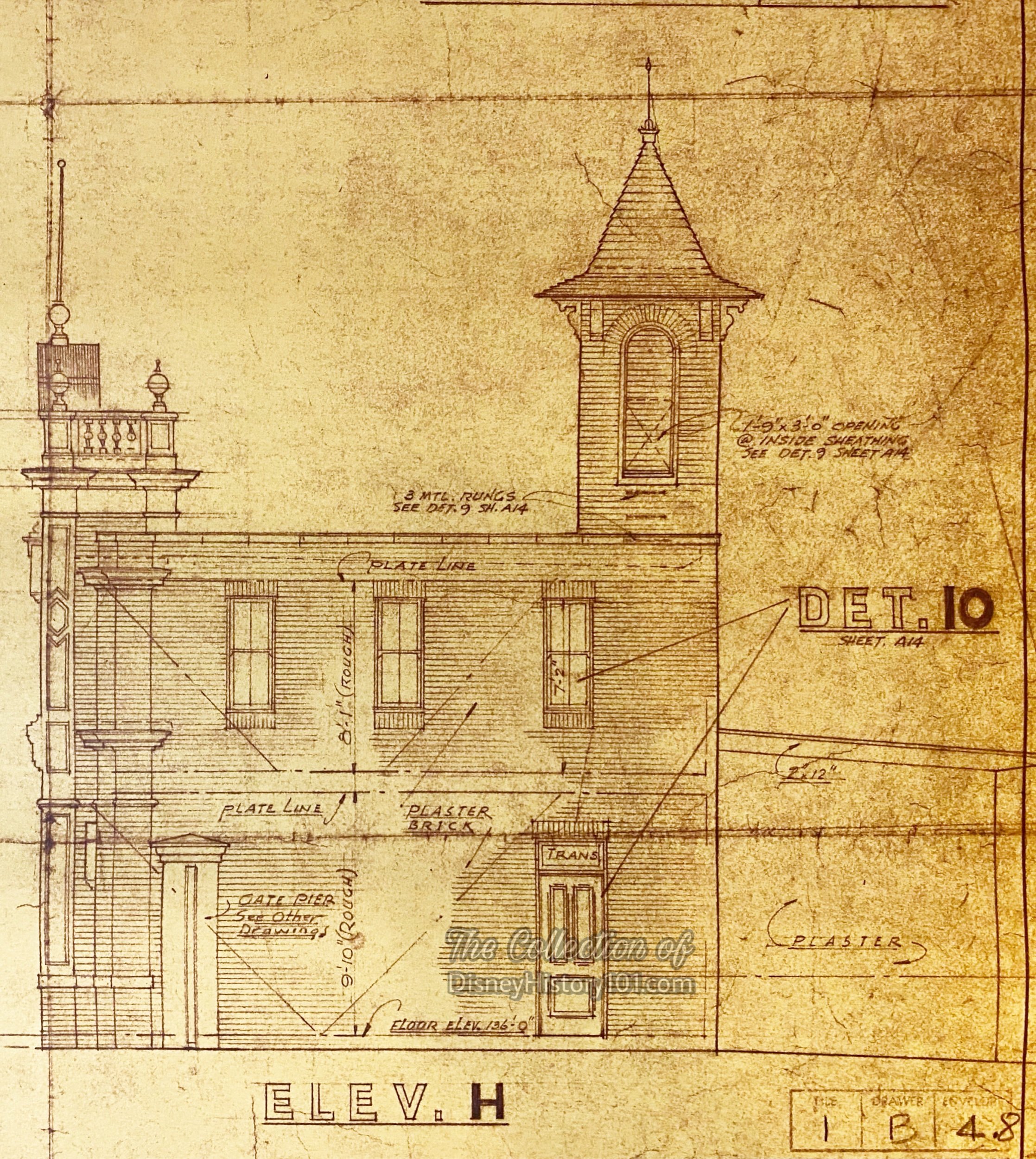
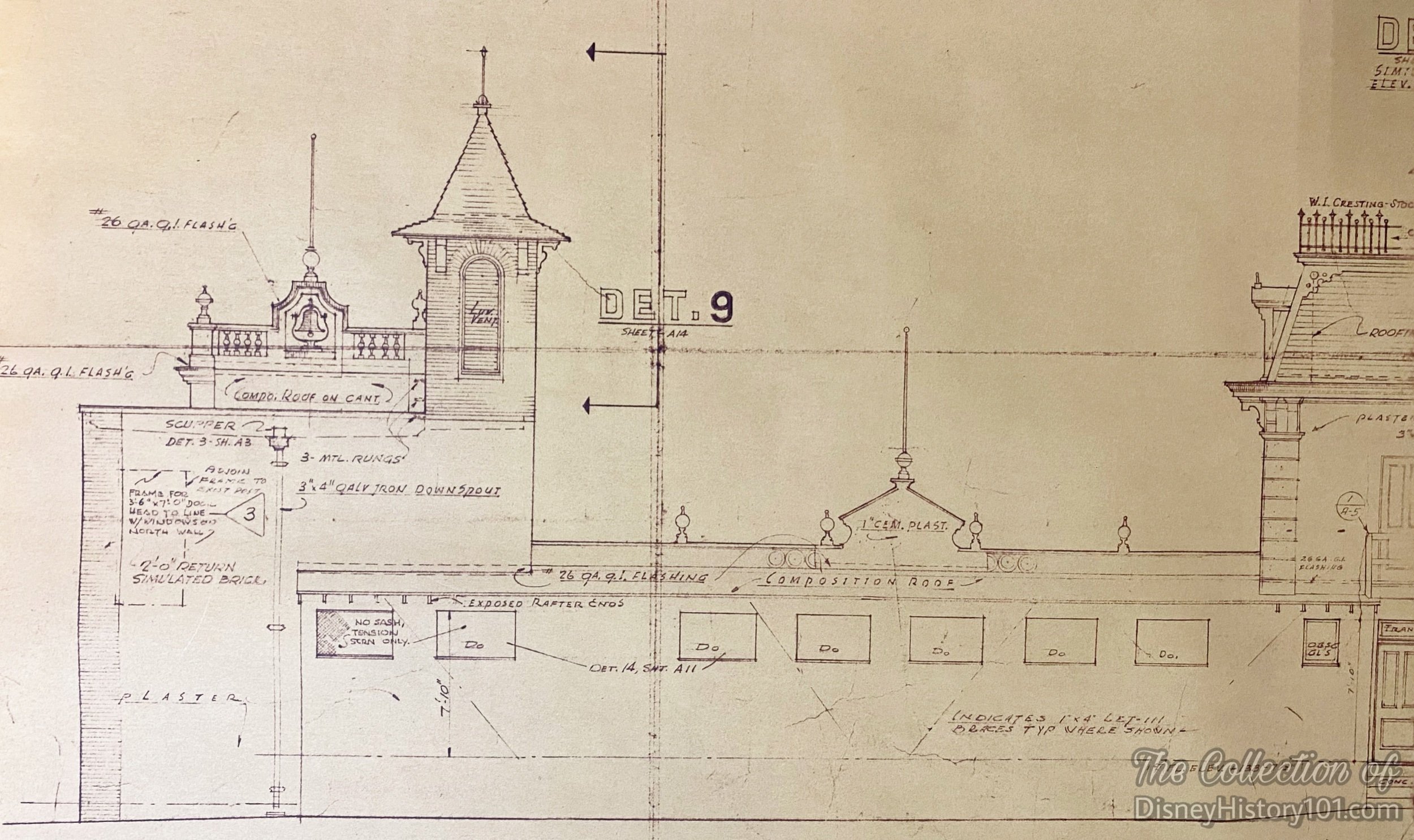
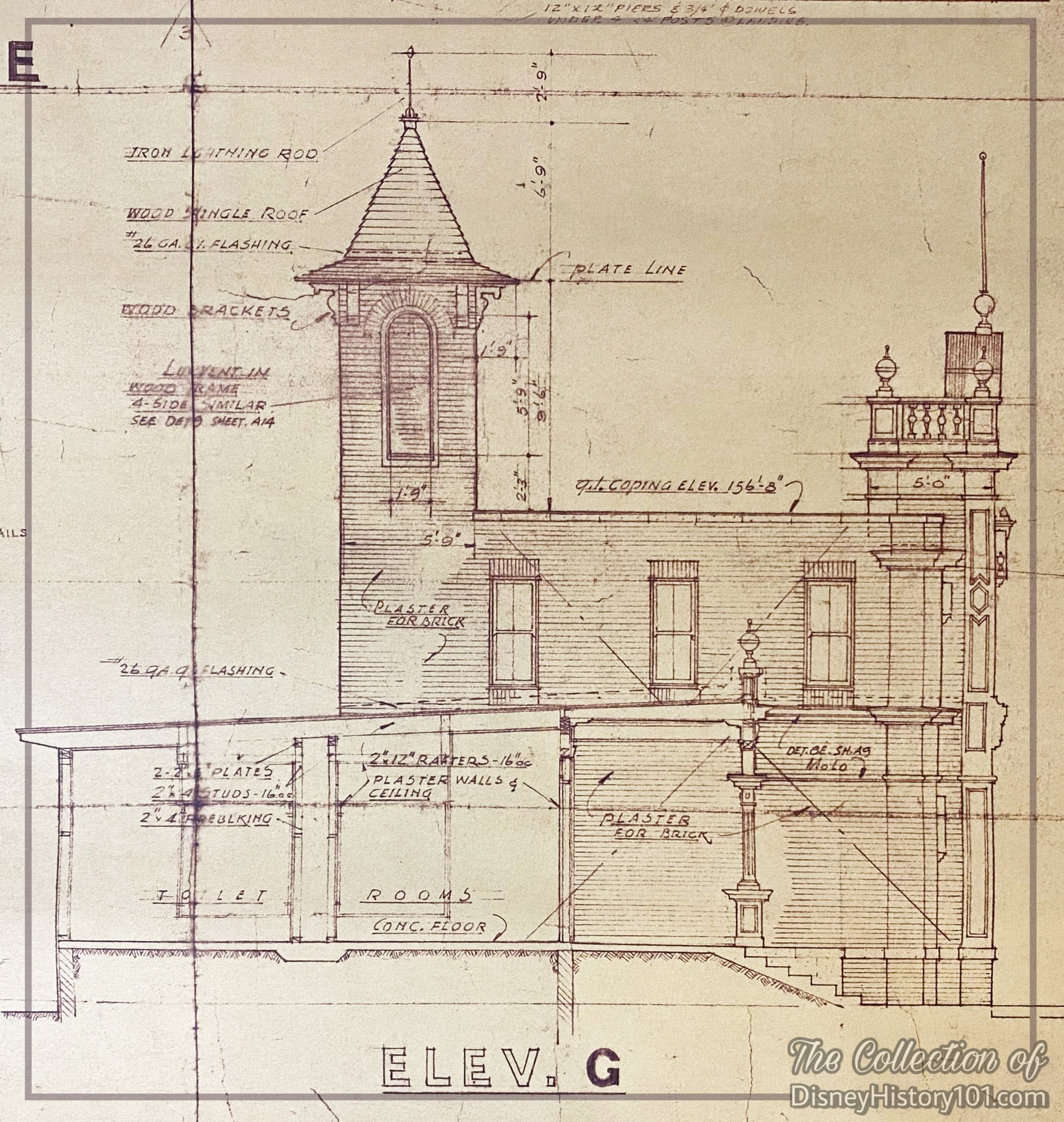
“Construction of Disneyland Fire Engine House”
F. M. Franz, manager of operations for MeNeil Construction expressed: "We feel sure there has never been anything built like this in Southern California, or elsewhere in the United States. Many of the items were constructed from artist’s sketches.” An excellent example is the Disneyland Fire Engine House!
Forced perspective would make the buildings on Main Street appear taller than actually are. On Main Street the buildings would not be full scale. Ground floors were built about 9/10ths scale. Second floors measured up to 7/10ths scale. The scale on the uppermost floors would be smaller still.
Floor Slabs and Framing - First, a concrete foundation and slab floors were prepared, followed by wood frame construction (while store units would have a combination wood and rigid steel frame). Oren Gallegly was one “55er” who came to Disneyland as a diver-welder, and soon found himself working as a carpenter, building the fire station.
According to inserts published in area newspapers during July of 1955, Disney buildings were roofed by Pioneer Roof & Shingle Company (then located at 608 Mateo Street, Los Angeles, California; 7522 Westminster Avenue, Westminster, California). The roof covering was a variable, dependent on the architectural design. This particular roof was covered in steep wood shingles with dormers, towers, and ornamental iron railings. The floors were of asphalt tile while the walls were painted and papered drywall partitions.
External Finishing - Larson Brothers Plastering Company of San Diego was a proud part of Disneyland. The company crafted the ornamental plastering and all brick used at Disneyland (including their amazing new plastered brick veneer). Like most facades of Main Street USA, that of the Disneyland Fire Department was designed and constructed at smaller scales - 9/10 scale for the first floor and 8/10 scale for the second floor. As for the simulated brick and stone of the exterior Main Street front and side elevations, it was comprised of QuikBrik, “real brick applied like plaster,” manufactured by American Cement Products, Inc. (of Detroit, Michigan). The versatile Quikbrick (real colorful and textural brick applied like plaster) was about half the price of ordinary brick. It insulated, beautified, and was meant to “last a lifetime.” It was used on the facade.
The rear elevation facade was composed of stucco.
Rough-In Plumbing and Electrical - The building (as each on Main Street U.S.A.) possessed complete fire sprinkling systems. By June 30, 1955, related Disneyland Site Work Fire Protection Utilities Plot Plans were prepared for Disneyland Inc., by J.E. Thomasson of WED Enterprises Inc.
“Newbery Electric Corp. took the rapid electrical construction of Disneyland in stride. The electrical installations were supervised by Roy J. Gruendler, manager of Newbery's Orange County district office located at 1335 Santiago Ave, Santa Ana.”

By July 2, 1955, shadow gags were ordered. Painted signs, window, curtains, and shades were projected to be completed on time. The sound equipment was be installed, with completion of the tape recordings appearing to be fairly tight. As of June 2, 1955, C.V. Wood Jr. sent an Inter-Office Memorandum to Walt Disney regarding the best estimates that could be obtained at the time regarding the status of individual sections of the Park and Opening Day. C.V. wrote: “Fire Station - With the exception of the upstairs for which the design is still unknown, it will be complete.”
While construction was being completed, Walt described the West side of the “City Square” (to Bob Thomas of Associated Press), this way : “next door is the firehouse, with an old fire wagon the kids can get on and ride around the town. Upstairs will be a room for VIP’s, where we’ll entertain the visiting firemen.’” One authorized “Disneyland Information & Nomenclature List” (prepared by Bill Cottrell of Disneyland Inc., by May 25, 1955) listed “official and authorized nomenclature” of Disneyland, distinguished the “Buildings in Civic Center” : “Disneyland Police Department, Disneyland City Hall, Disneyland Fire Department, Disneyland Opera House.”
“Press Preview and Grand Opening of Disneyland”
Art Linkletter - host of the televised Grand Opening of Disneyland (airing live on ABC, July 17th, 1955), first introduced the Main Street Fire Station this way : “Fire Station - that’s a special interest of the volunteer ‘bucket brigade,’ whose horse-drawn engine and up to date hose and chemical wagon are a source of real local pride!” Yes, this exhibit was reckoned among “Disneyland rides and amusements” that “will delight the very young, the teen-ager, young married couples, the middle-aged, and grandparents alike,” as some of the Vintage Views testify [Anaheim Bulletin “Premier Souvenir Edition - Walt Disney’s Magic Kingdom - Disneyland” Insert ; Friday, July 15th, 1955].
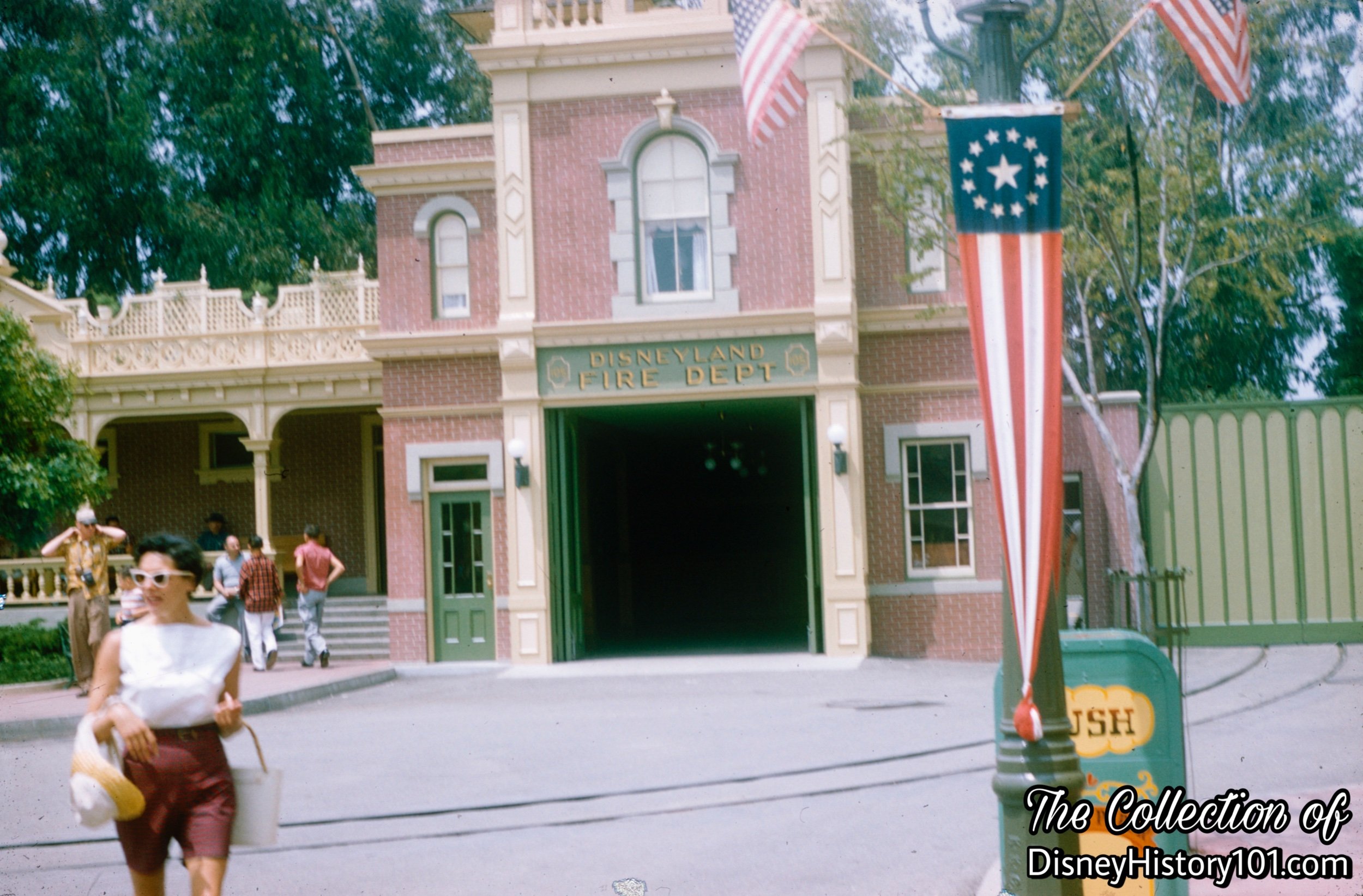
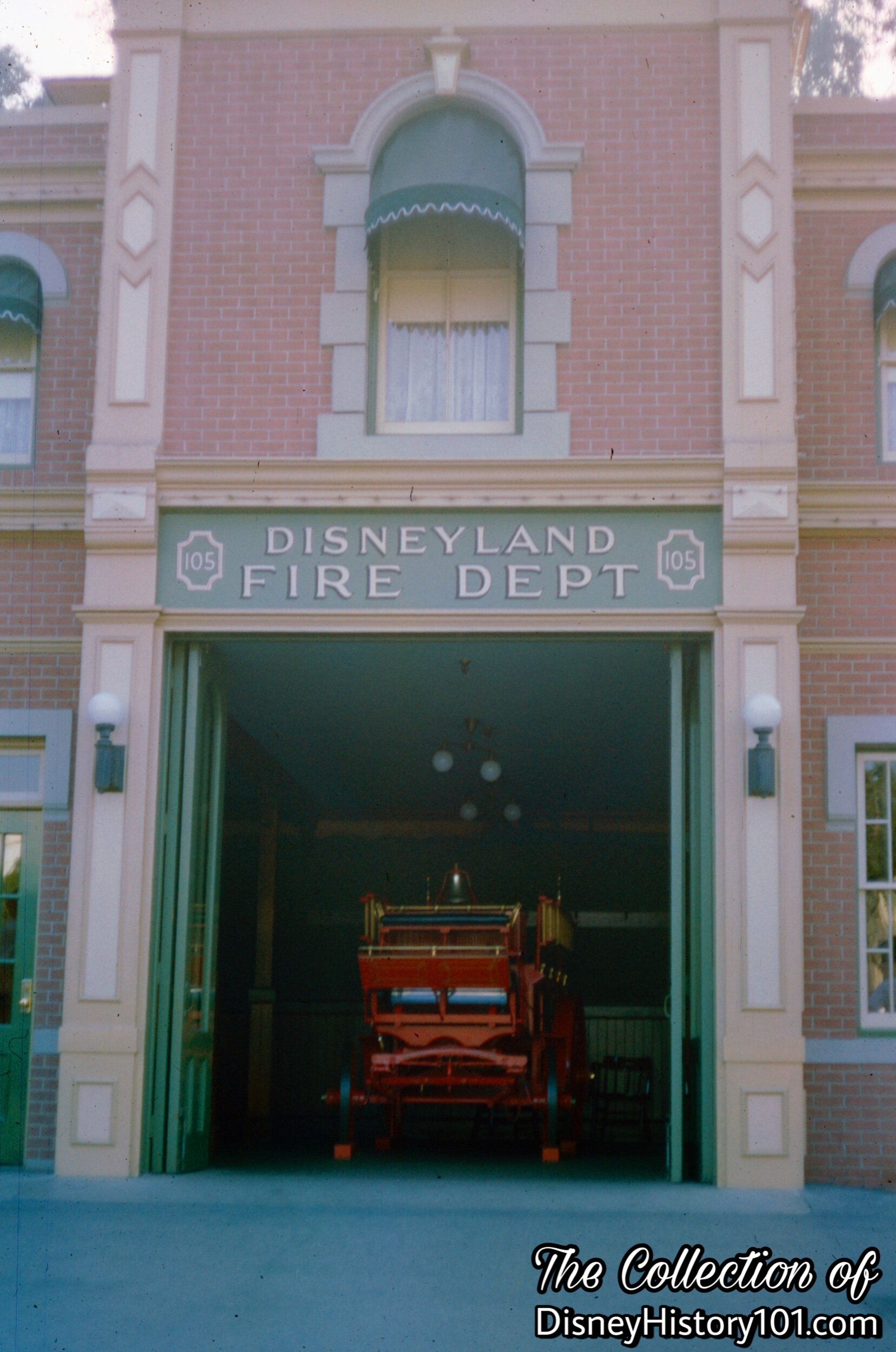
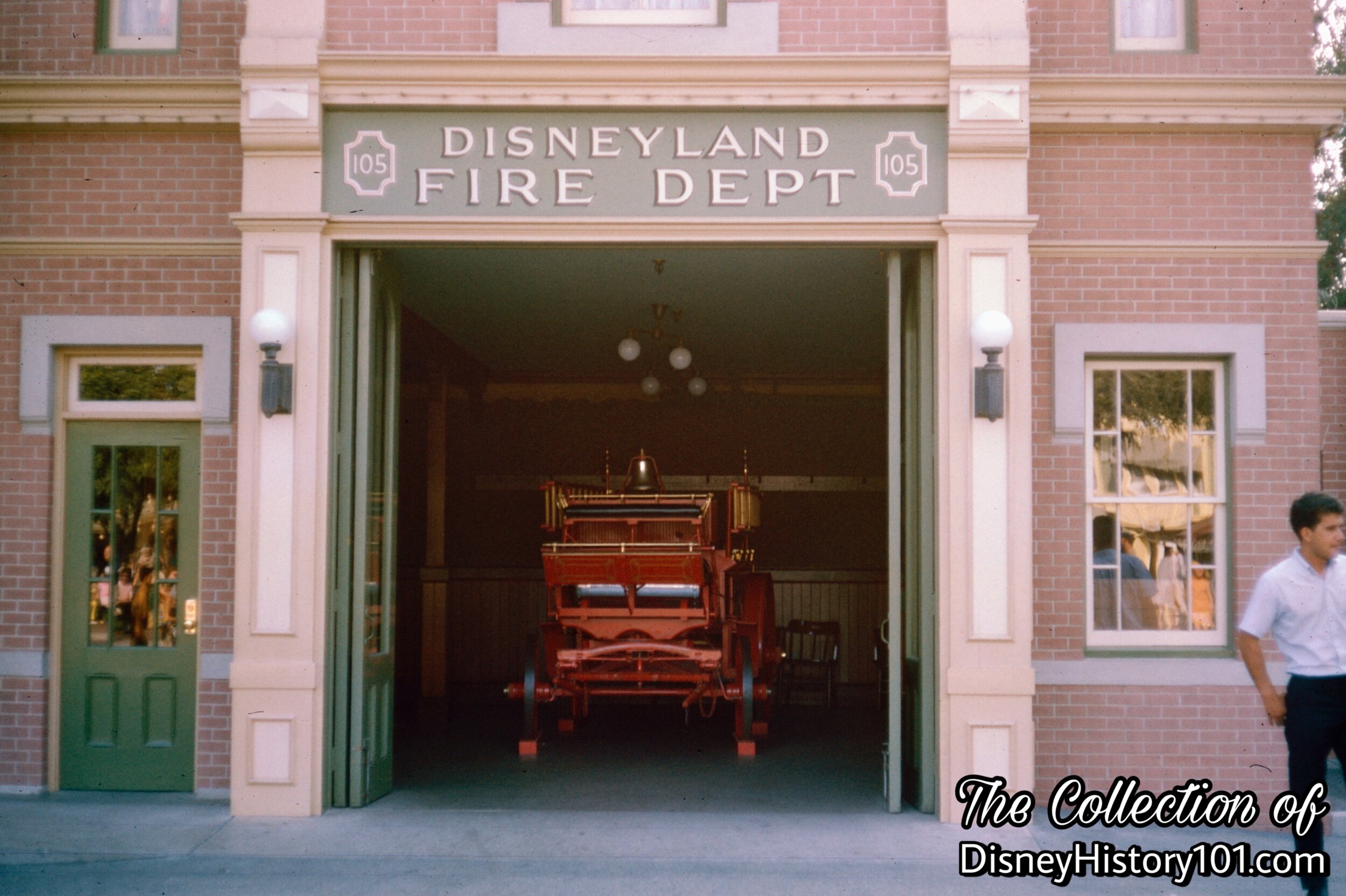
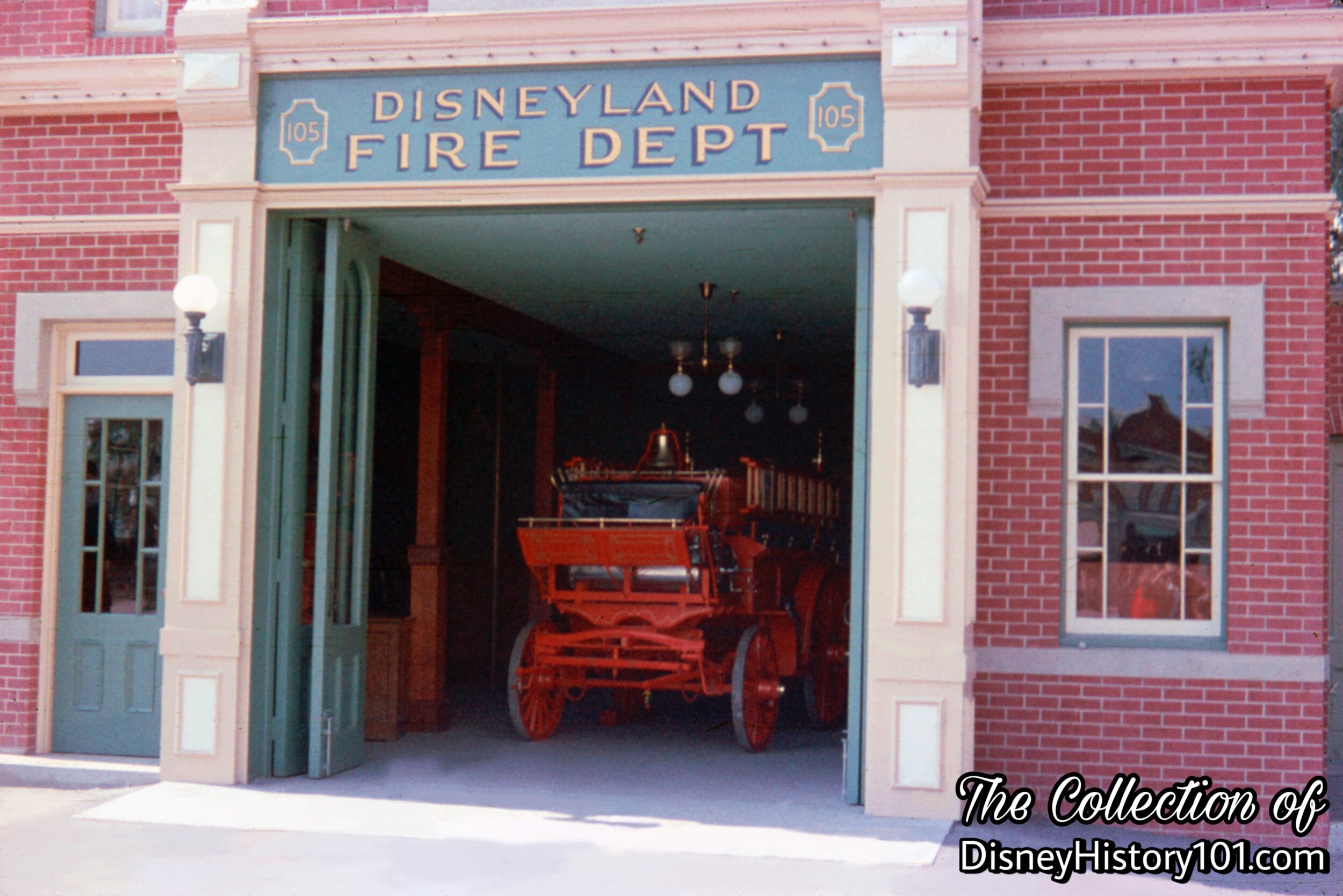

With only slight deviation from the original color scheme (i.e. that of the doors, circular awnings and trim), as well as more durable materials, the Disneyland Fire Department Building facade is virtually similar to that of Walt’s day.
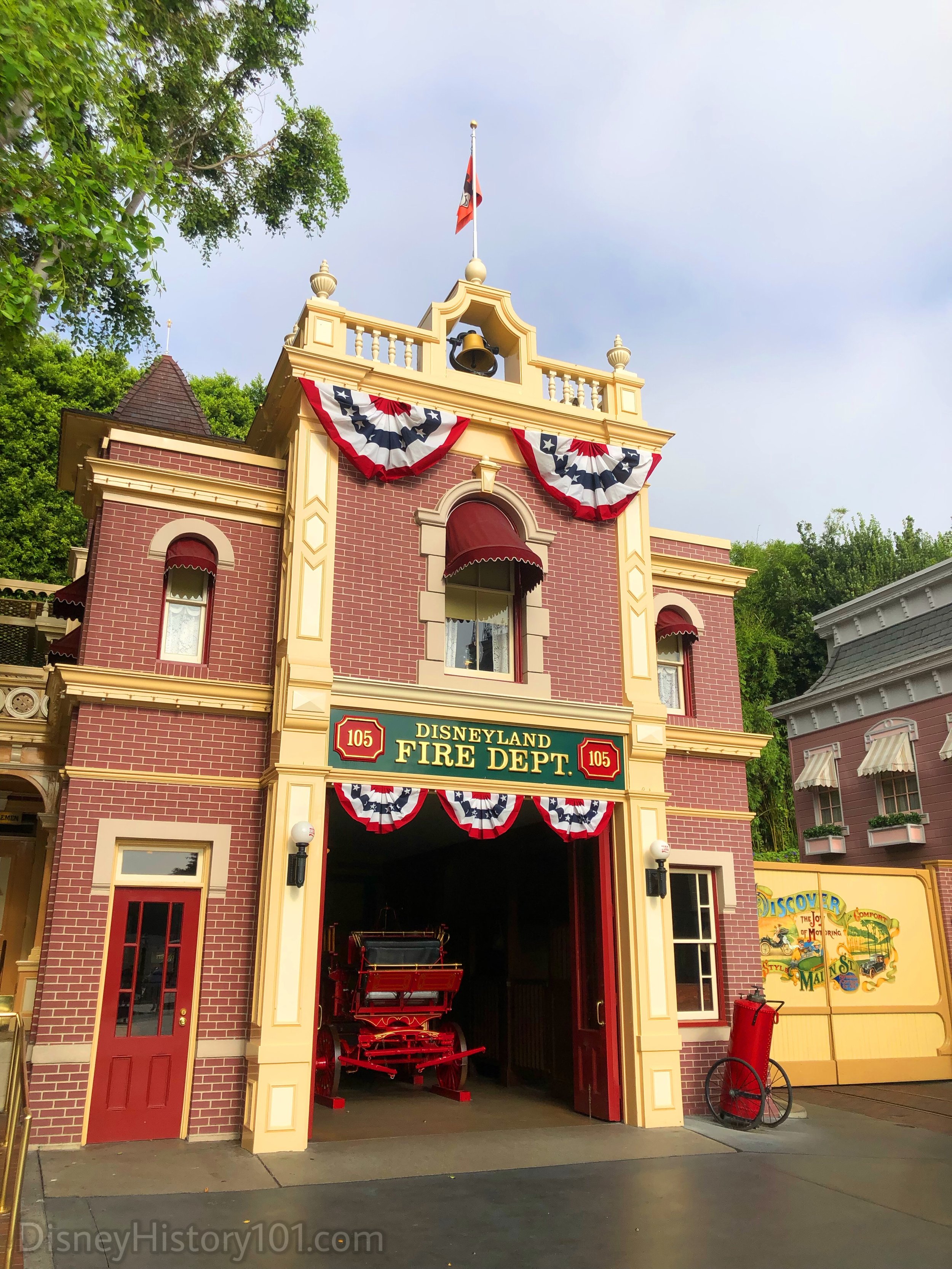
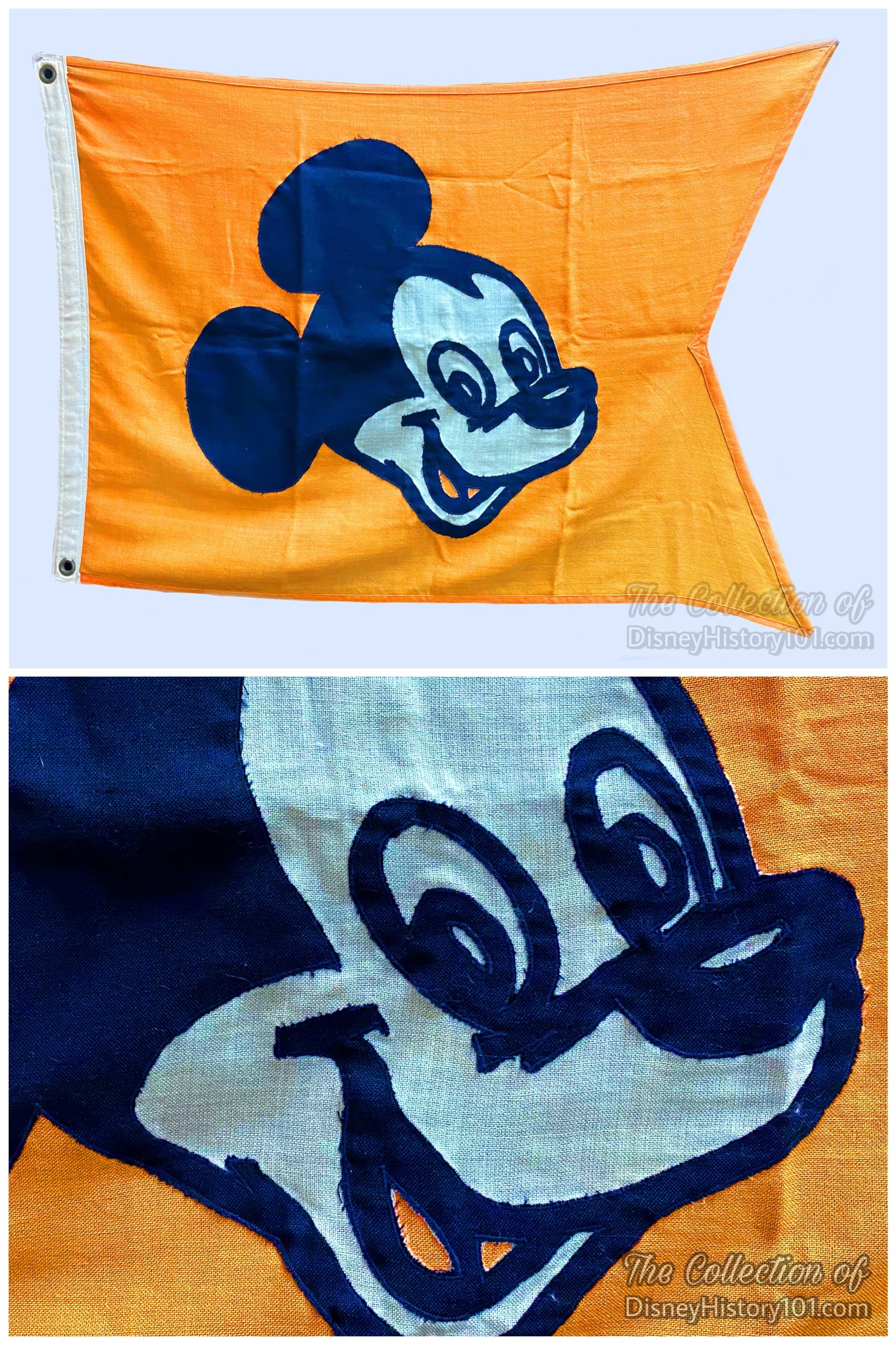
The first Disneyland Dictionary (printed October 1959) makes a brief (but noted) distinction between the Mickey Mouse Flag and the “Official Flag of Disneyland”: “There are many flags flown in Disneyland - atop buildings, flag poles and many of Disneyland's boats. There are American flags of today and flags of our nation's historical growth, and flags of other countries. There are also Mickey Mouse flags and the official Disneyland flag.”
By 1959, The Mickey Mouse Flags were copyright Walt Disney Productions and once located over Main Street Depot, the Police Station, the Fire Station, and the Mickey Mouse Club Theater.
While there have been a number of Disneyland Flags produced for various Stages around the Park, the Mickey Mouse Flag, was later flown over several locations on Main Street Disneyland City Hall, the Santa Fe & Disneyland Railroad Main Street Station, Disneyland Guest Relations, “the Biggest Bass Drum” in the world float (which made appearances in Walt’s day), and the Disneyland Fire Department. These were a reminder “for all who come to this happy place,” that “it all started with a mouse.”
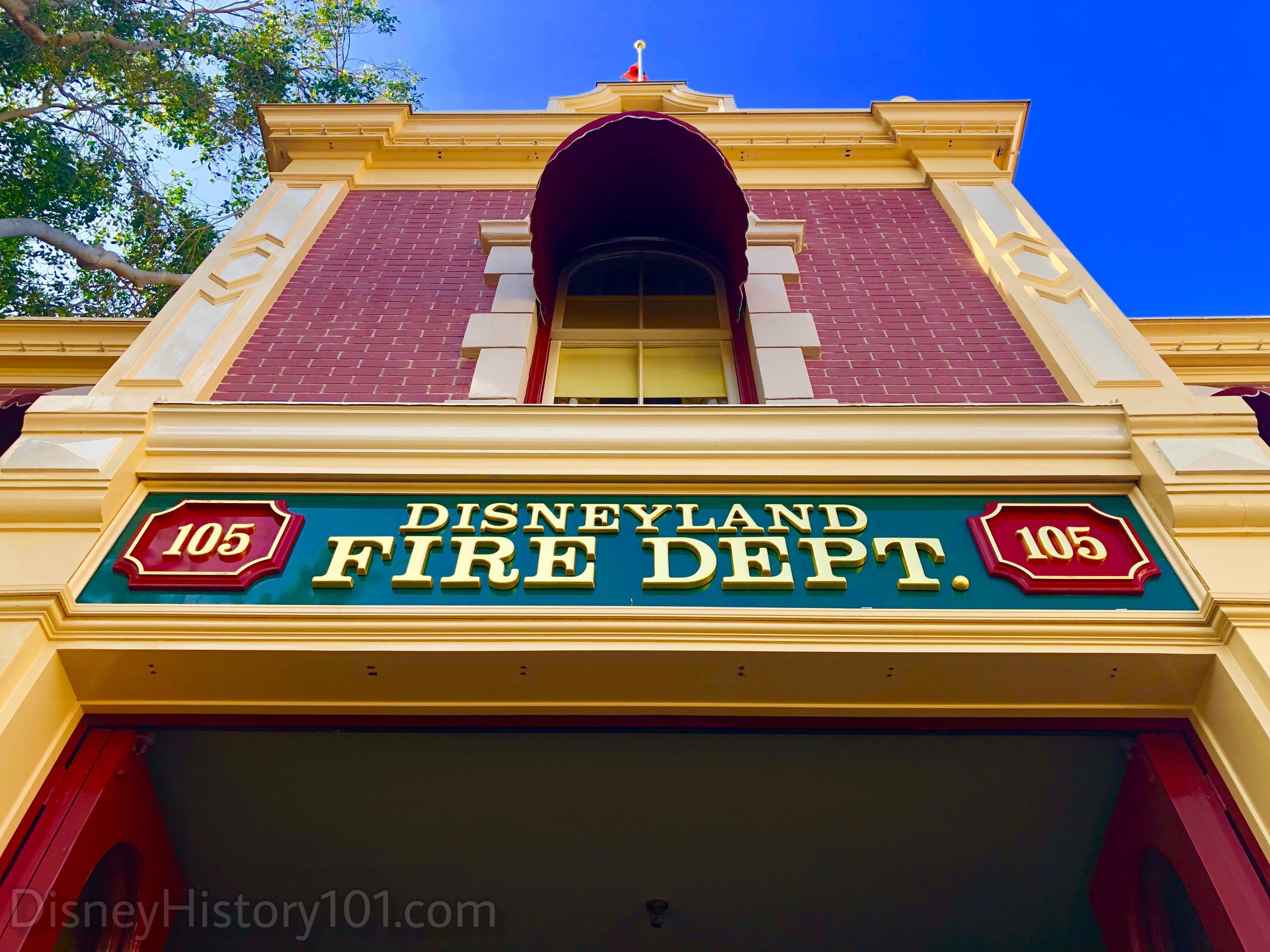
Though this is an exhibit, Disneyland’s buildings were equipped “with sprinkler systems for fire protection,” by 1956, according to “News From Disneyland” (a c.1956 press release document). “Eight manual fire alarm boxes are on the site with connections in security offices and the Anaheim Fire Department.”
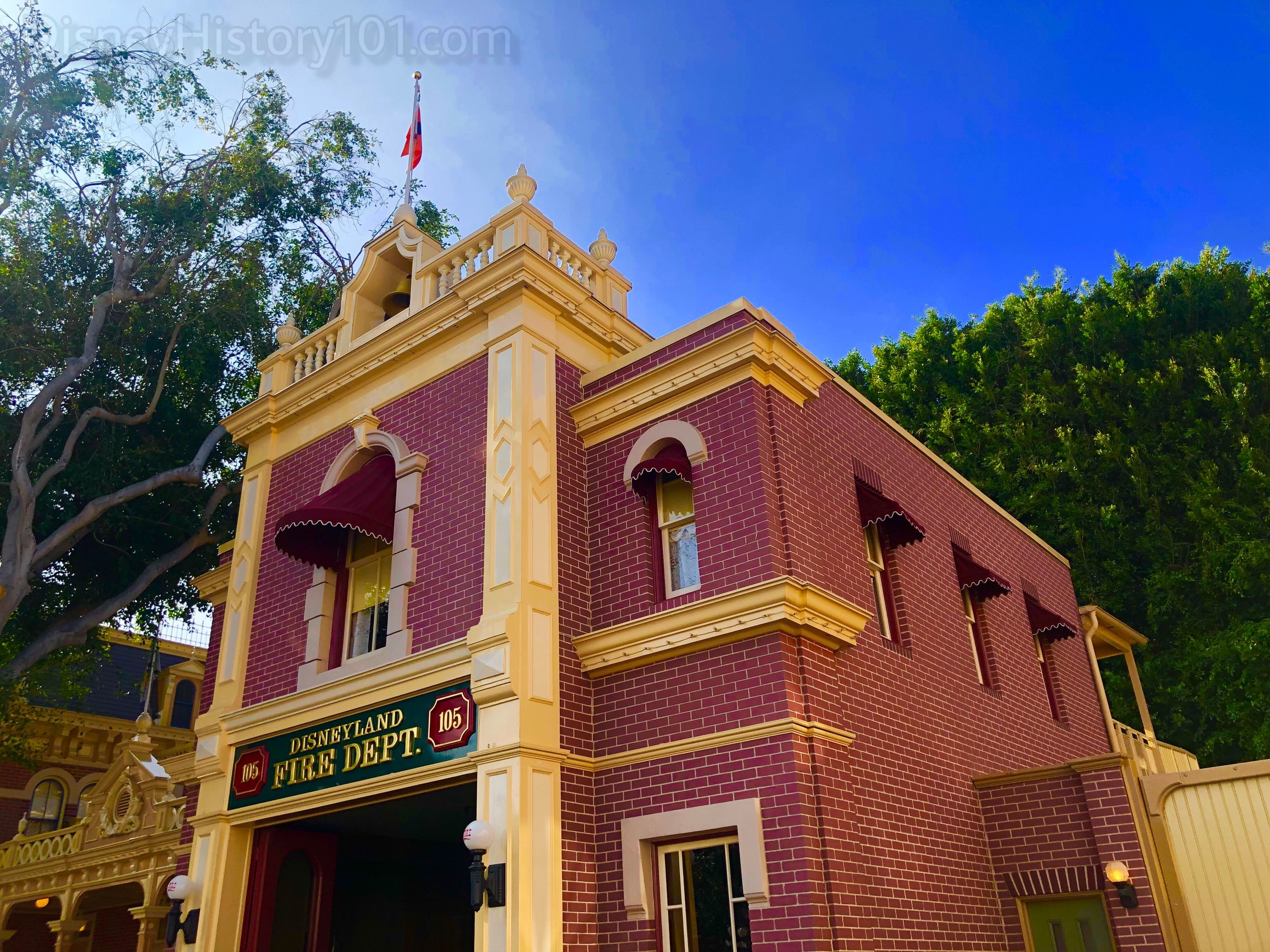
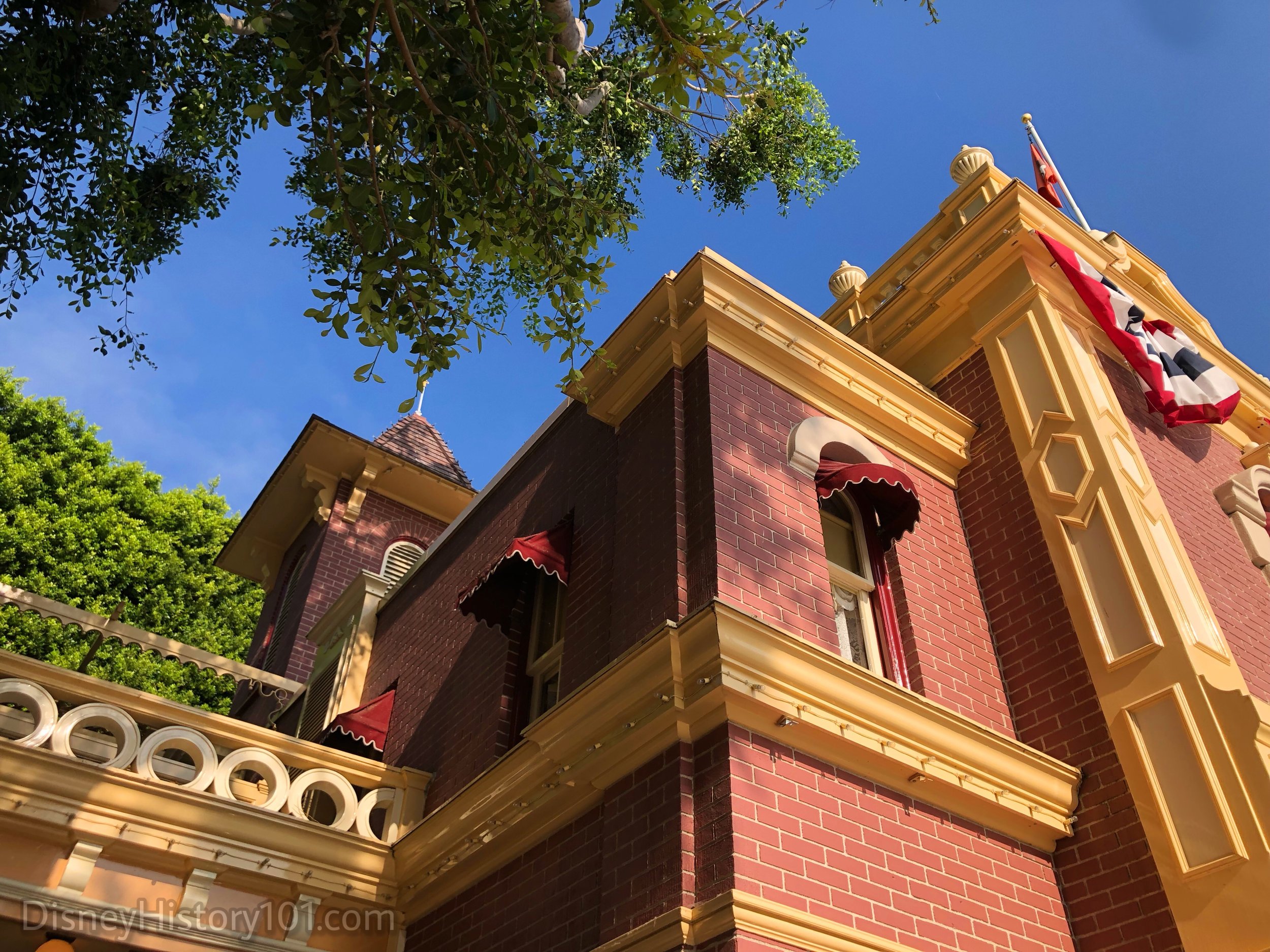
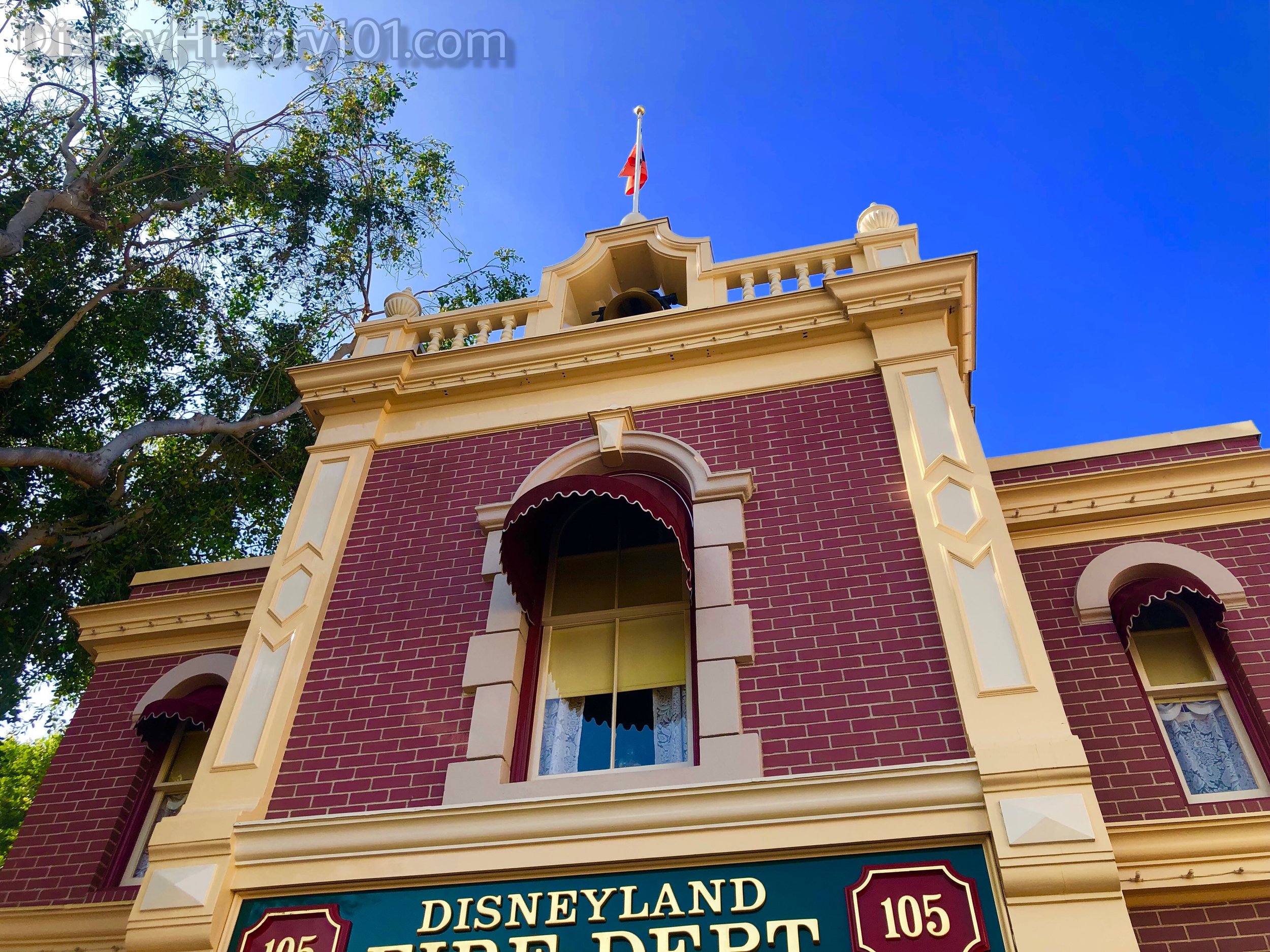
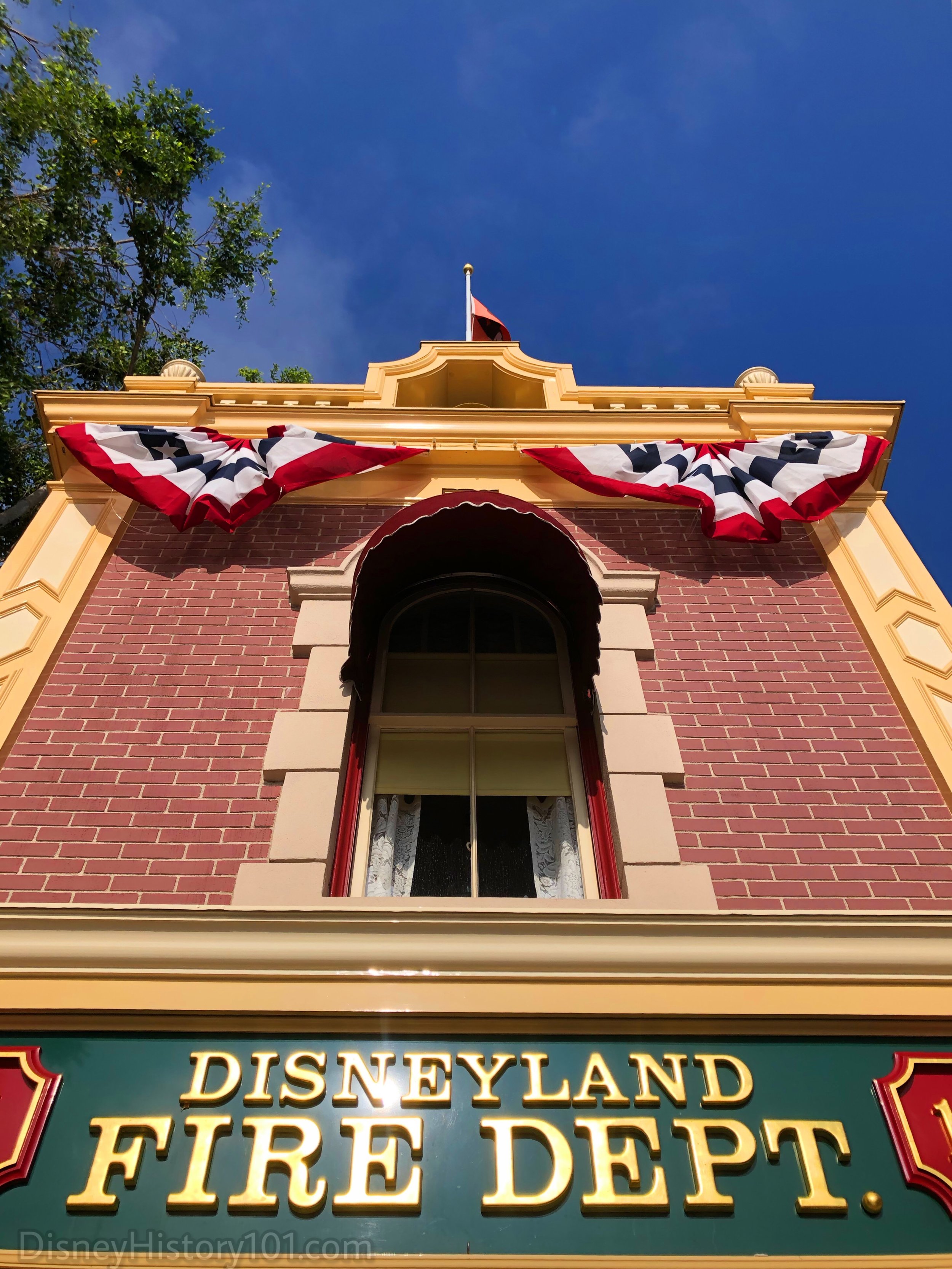
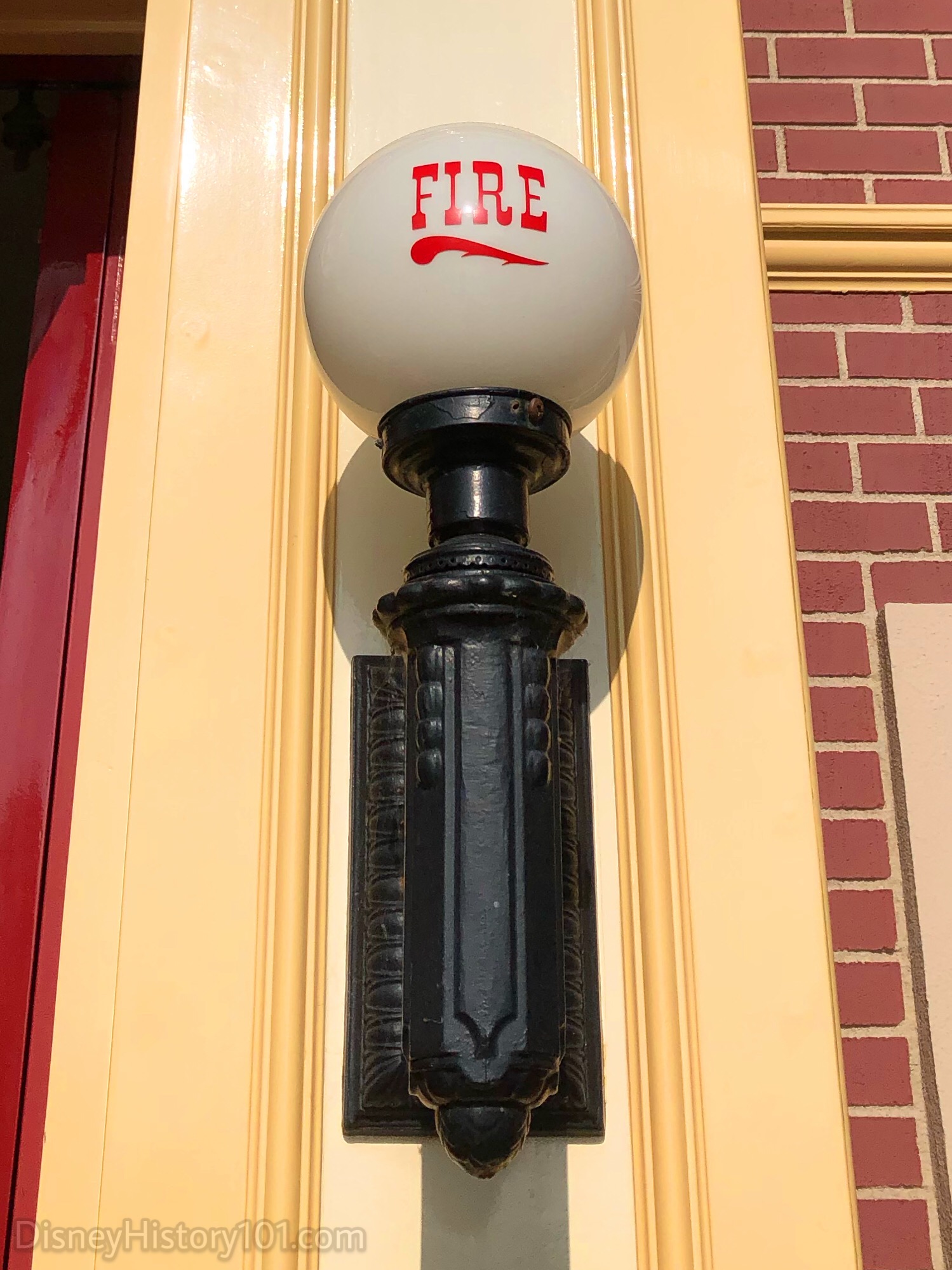
The presentation of the Disneyland Fire Station show on the vast DISNEYLAND “stage” was a distinct part of the Disneyland theater concept. Character lighting was themed to the area to enhance the overall appearance and complement the interior, such as a chandelier or kerosene lamp. These add to the show, but don't necessarily create enough illumination for operation.
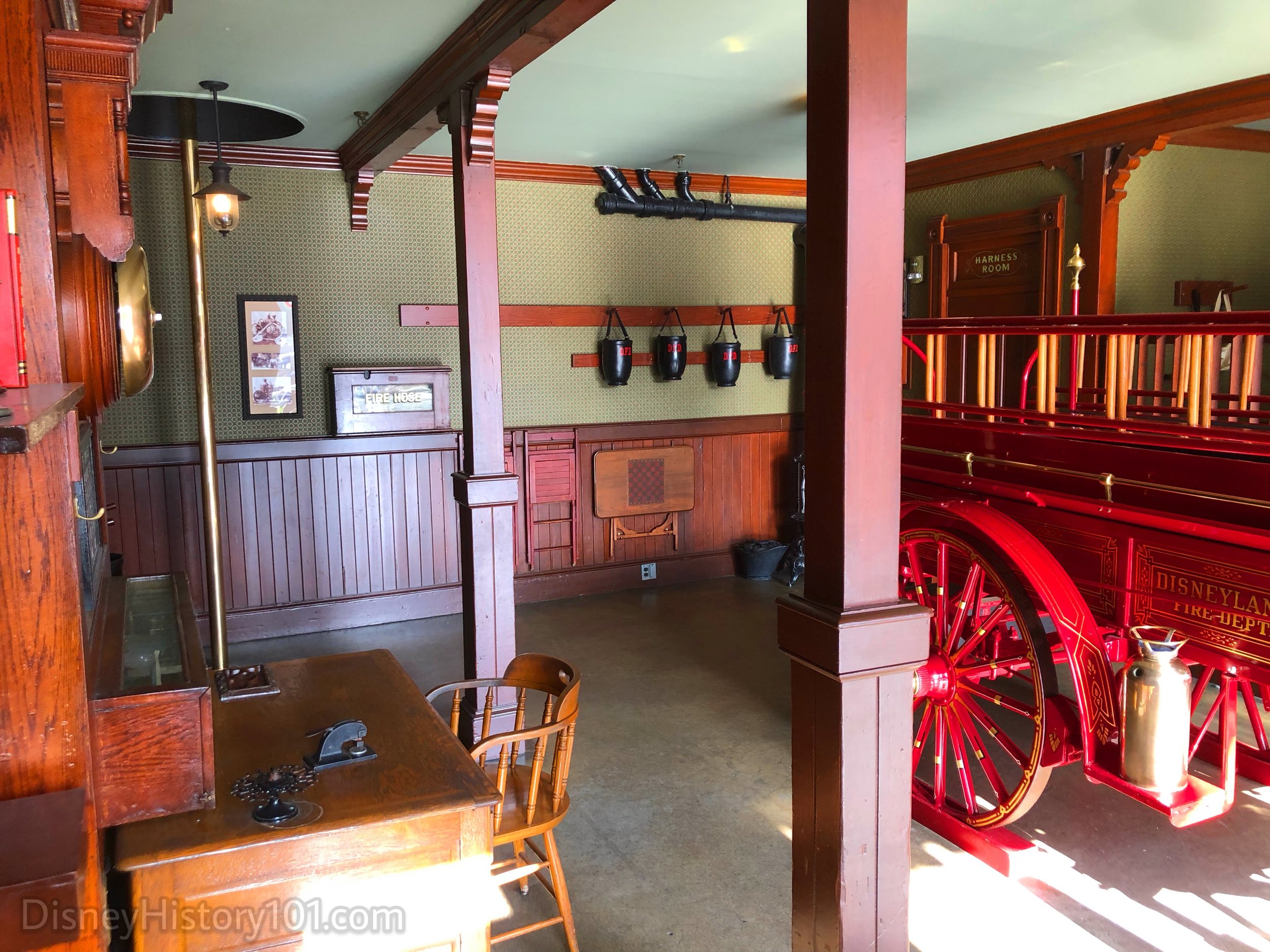
Regarding most any project pursued, Walt Disney once said: “We have always tried to be guided by the basic idea that, in the discovery of knowledge, there is great entertainment as, conversely, in all good entertainment there is always some grain of wisdom, humanity, or enlightenment to be gained.” While fewer current Disneyland attractions embody the spirit of those words, the story was far different in the beginning, as the Firehouse itself was full of quite a few genuine antiques.
The first “Disneyland Dictionary” (printed October 1959) mentioned that the Insurance Company of North America Companies Exhibit: “Has display of actual antiques; Fire Hats, Water Bucket and axes used at the turn of the Century, as well as model fire fighting apparatus used during this period.”
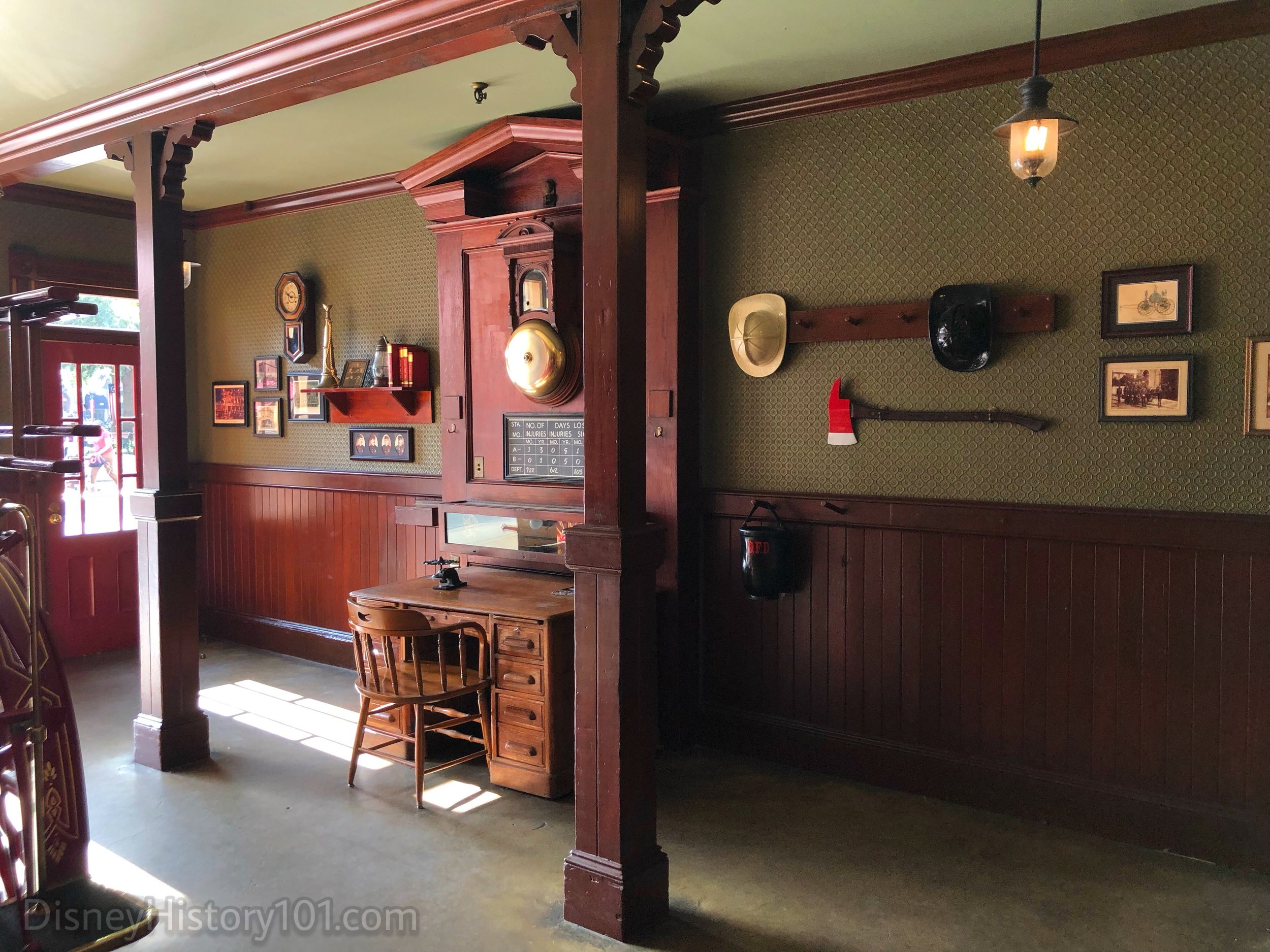
The fire hats, flathead axes, and other props are authentic, verified by “Did You Know” (published by Disneyland in 1991).

Above the desk, you’ll notice a rarely-seen c. 1860-1861 antique electric Gamewell Fire Alarm Telegraph Co. Firehouse Gong with a beautiful oak case. The bell alone is 12 inches in diameter. “The magnetic electric fire alarm gong which is part of the Main Street Fire House… works on the same principle as the old telegraphic key, and was first used in Boston in 1851. The hunt for this was begun at the obvious place - the fire department. However, none was available in the local area, and Disney searchers were referred to an individual collector, who agreed in part with the gong only after hearing the story,” according to “The Disneyland News” (Vol.1 - No.2 ; August, 1955). According to “Did You Know” (published by Disneyland in 1991), “the elaborate Alarm System is [sic]… also authentic… the Fire Alarm System was purchased from the City of Los Angeles.”
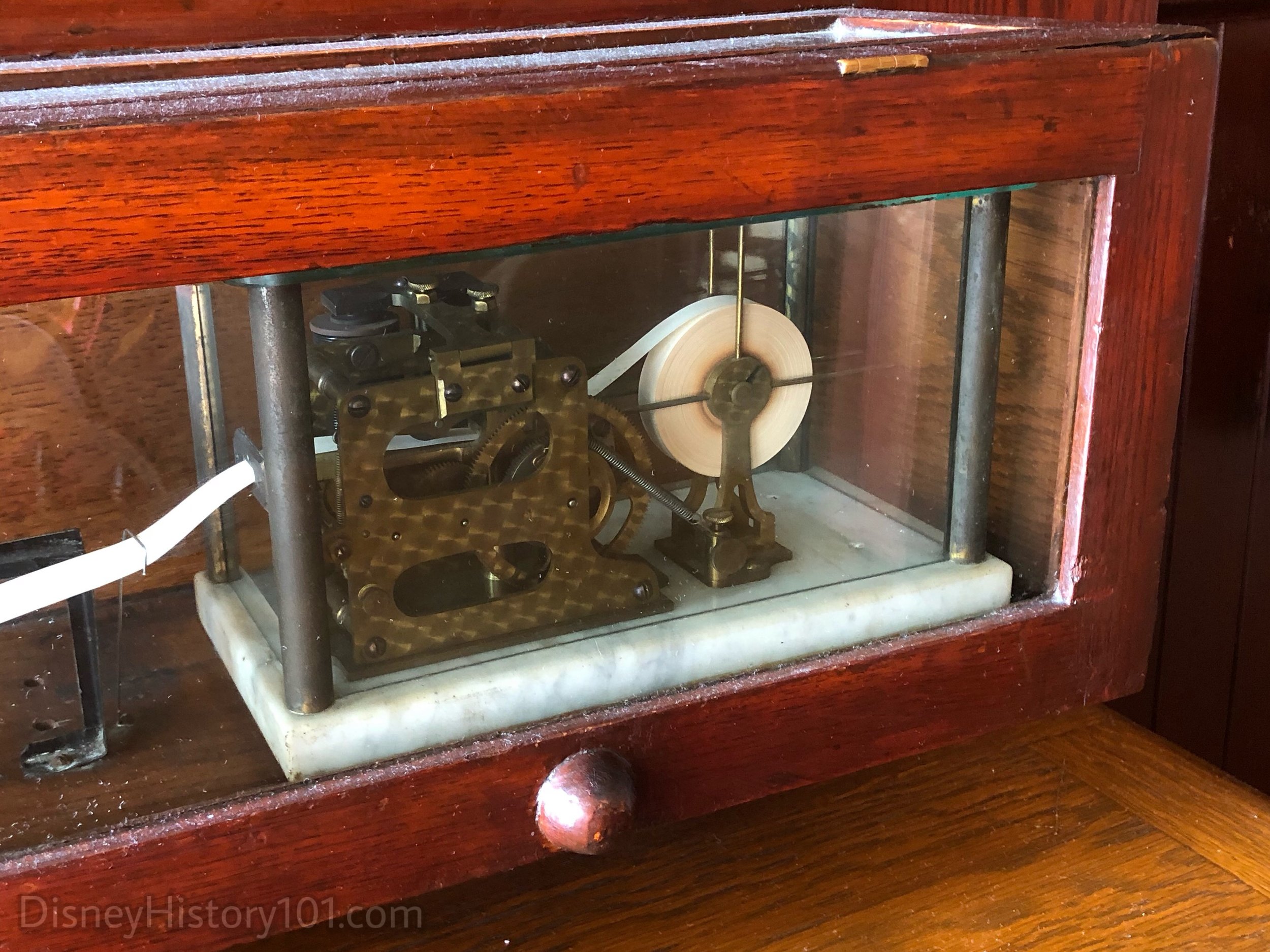
Below (on the desk), is a Fire Alarm Ticker Tape Machine, that would print the location of the Fire Box that was used to telephone the emergency. Just a handful of United States firehouses had one of these machines around 1880, and all of them were located in major cities.
The authentic recreation of the Disneyland Fire House also holds Horse Stalls. “Each horse is named,” according to “Main Street Vehicles”, published 1966 by Disney University. You may recall hearing of George (born at Walt Disney Studios, before Disneyland was completed), or “Atom the Burro” (Disneyland’s first citizen, “born on the Magic Kingdom’s Pony Farm”). Since Disneyland began its first day of operation, each horse would clock “in and out when he works,” including Bess and Jess.
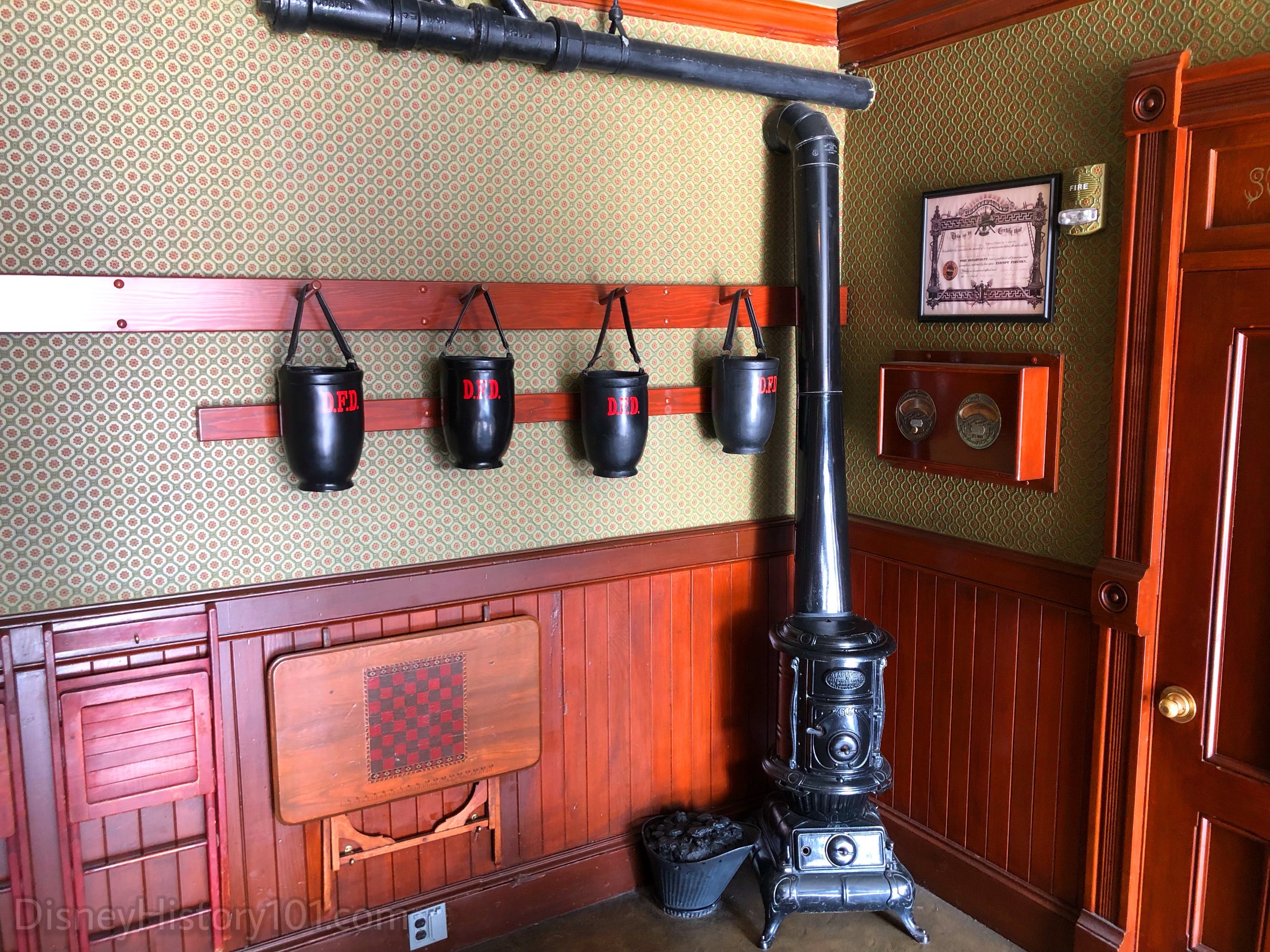
The present exhibit attempts to capture the feel of the early exhibit, with Fire Hats, Water Bucket and axes similar to those used at the turn of the Century. The former Walt Disney Imagineering Principal Creative Executive Marty Sklar would probably agree that the small details like these make the story appealing.
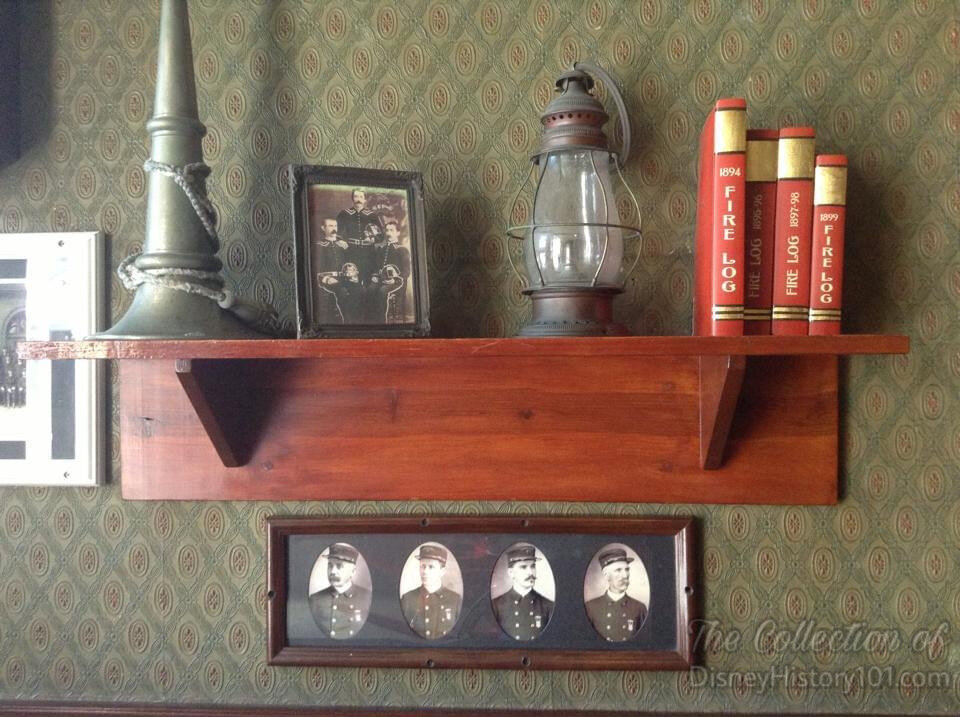
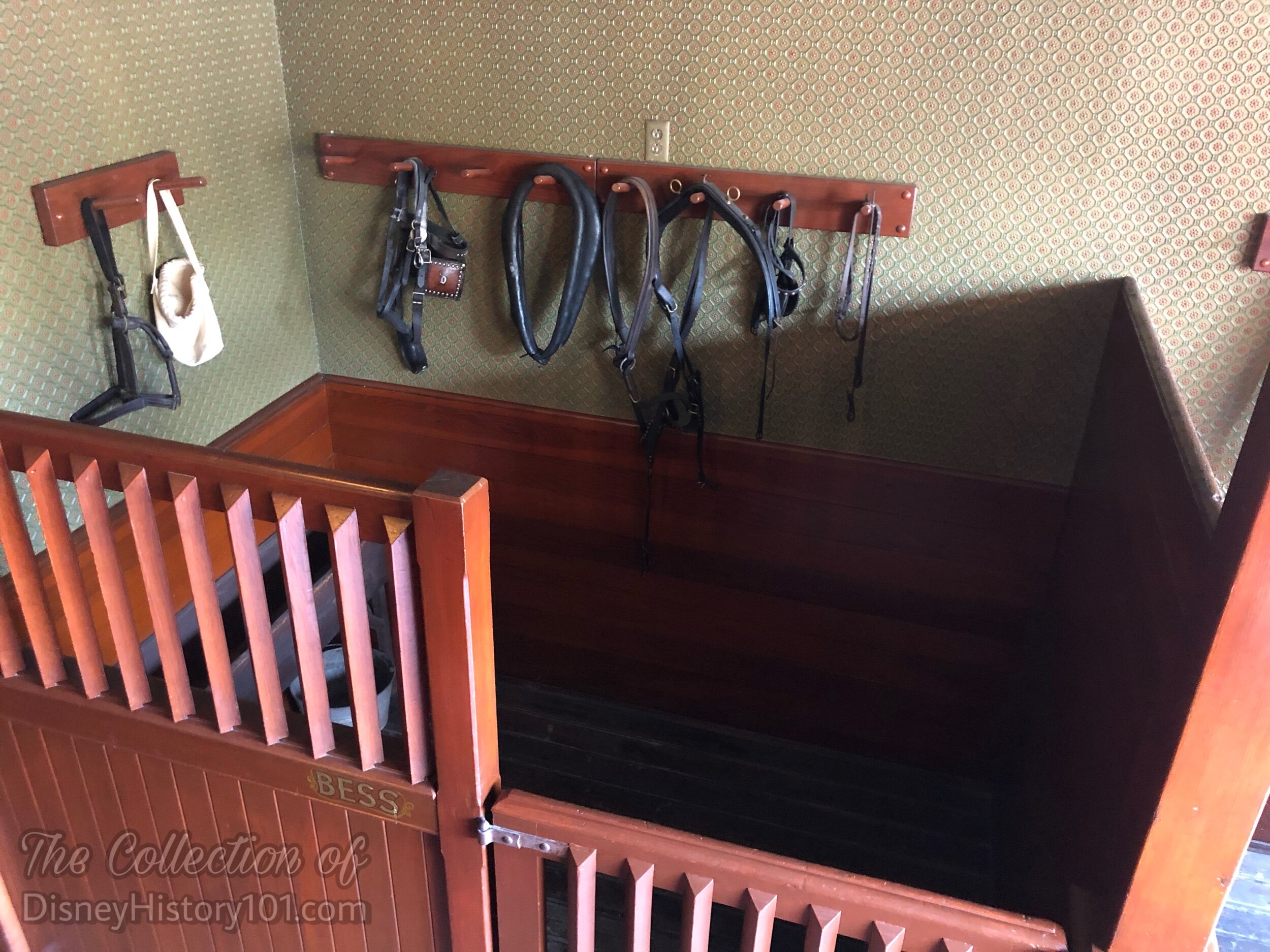
You’ll note a variety of horse tack props (like the Brow Bands with Disneyland “D” monogram) similar in fashion to the kind used specifically by the horses that pulled the Chemical Wagon.
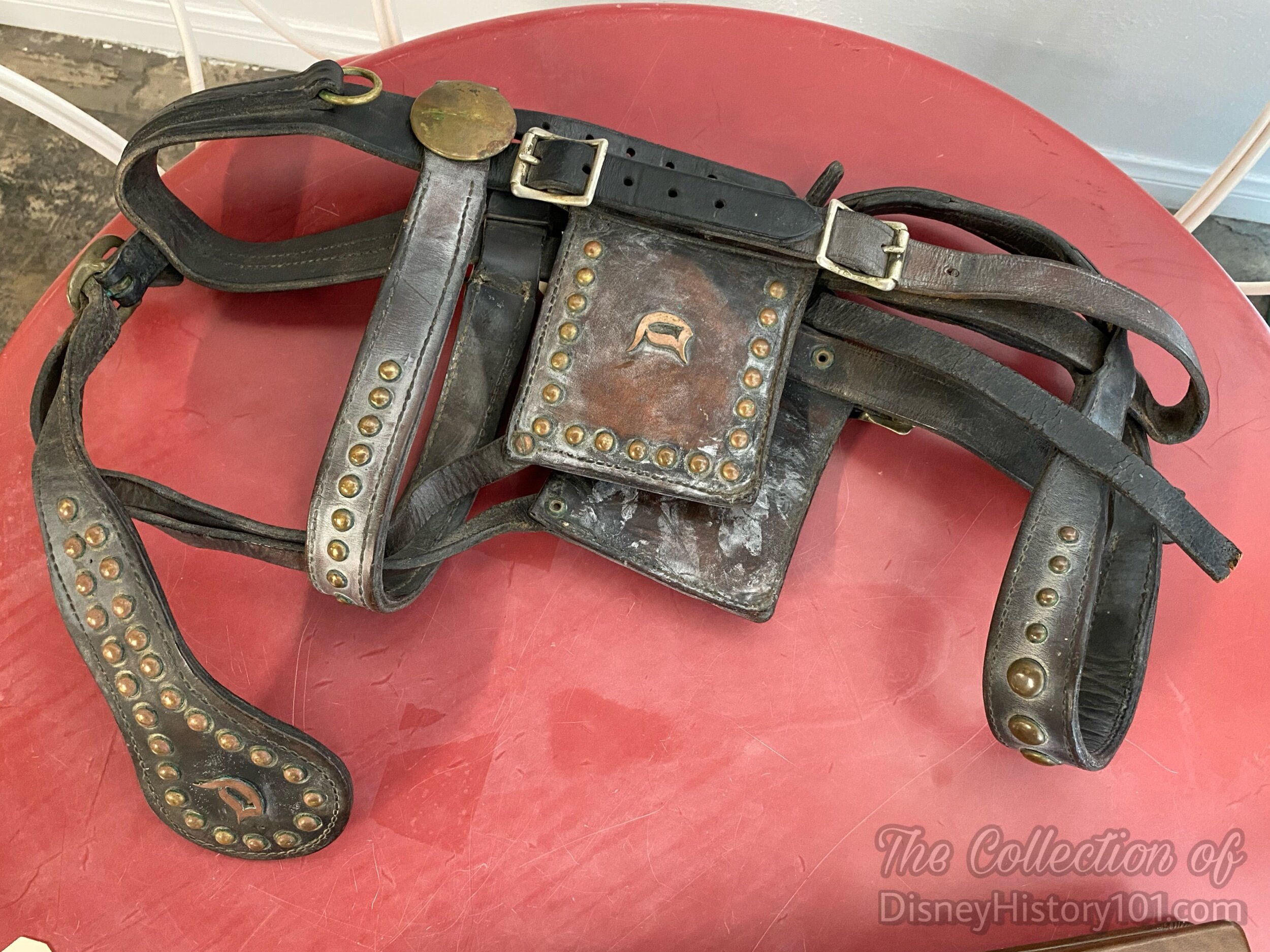
Much of Disneyland’s original equestrian gear was created by hand, under the direction of Owen Pope and his apprentices. Here, we see one of the Main Street Horse Brow Bands, which fits over the horse’s head. These were never used by the horses in Frontierland (as those that pulled the Stage Coaches, or the Conestoga Wagons). These Brow Bands were made specifically for the Percheron, Belgian, and Clydesdale horses that pulled the Main Street vehicles (the Surreys, and Hose and Chemical Wagon, included)! Brow Bands like these were also used by the “scaled-down” Hackney and Shetland breeds used to pull the Surreys, and Hose and Chemical Wagon! To put this in perspective, Brow Bands (like the one pictured above) would have only been used by the “15 draft horses” or “16 ponies” among Disneyland’s some 189 head of horses in 1966.
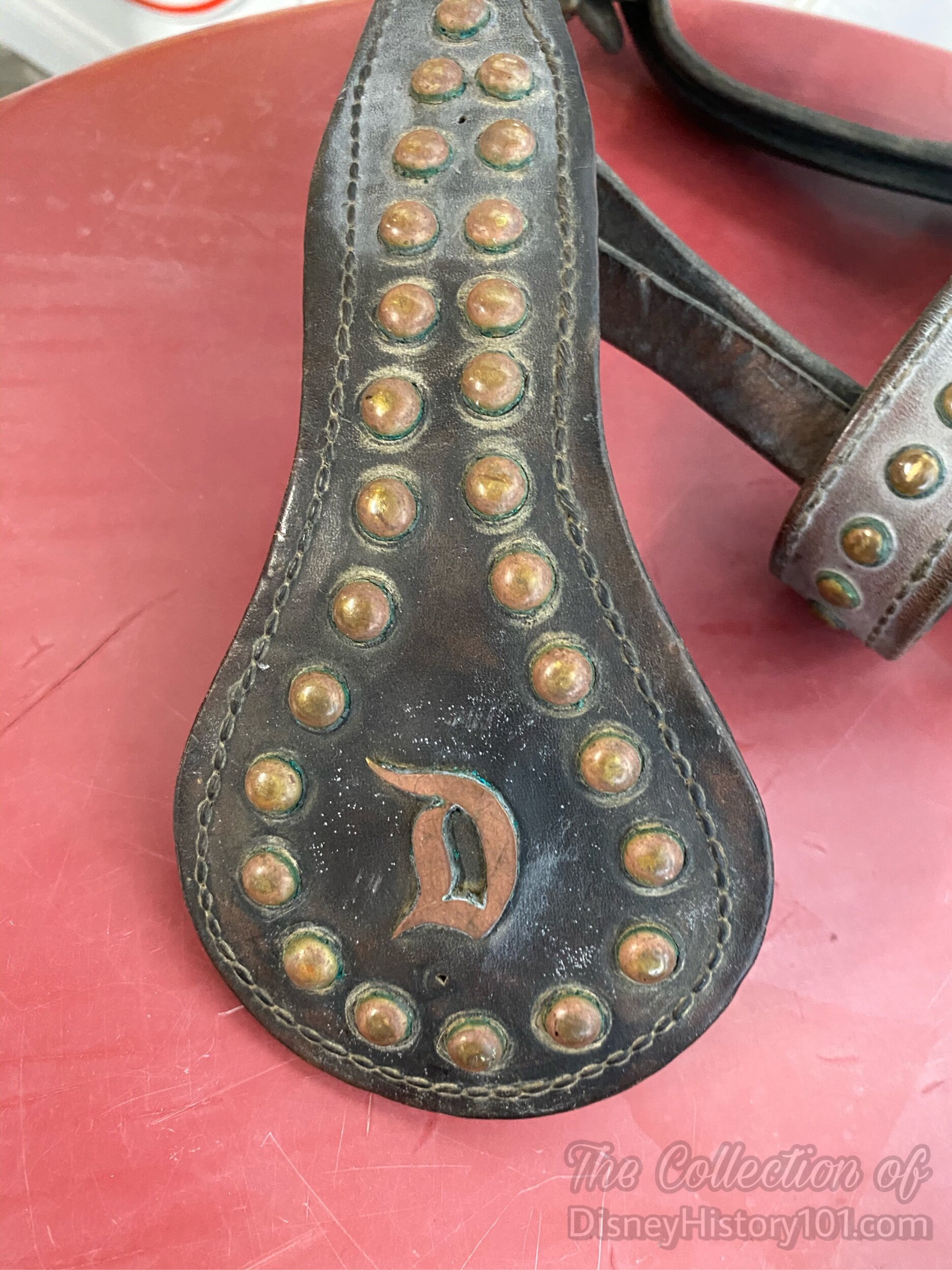
This portion of the brow band (with the “D” surrounded by bosses) is centered on the front of the horse’s head, between the eyes.
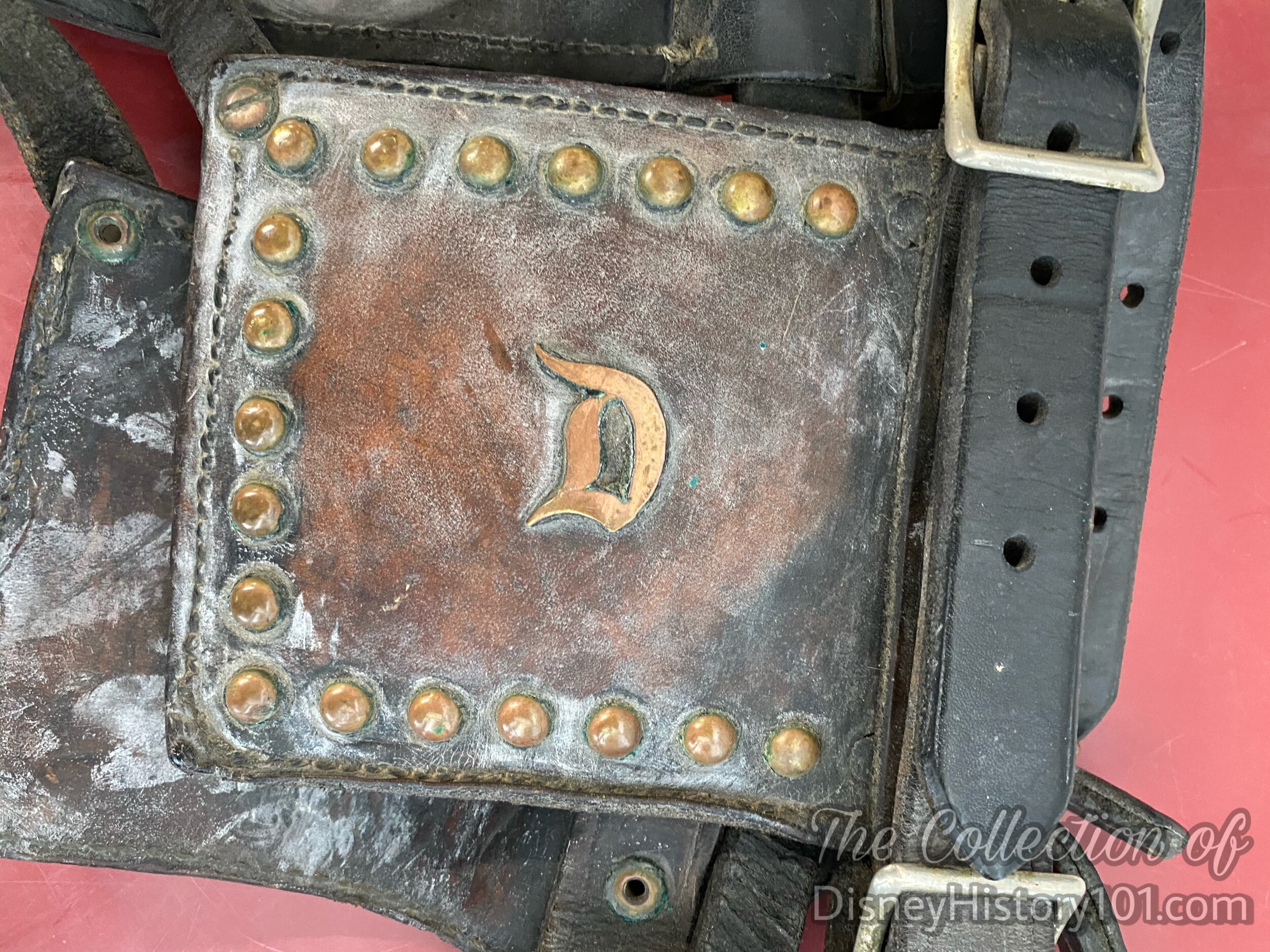
The blinker traditionally holds the owner’s monogram or initials. In this case, the Disneyland “D” was originally placed on blinkers of the Disneyland Main Street Horse brow bands.
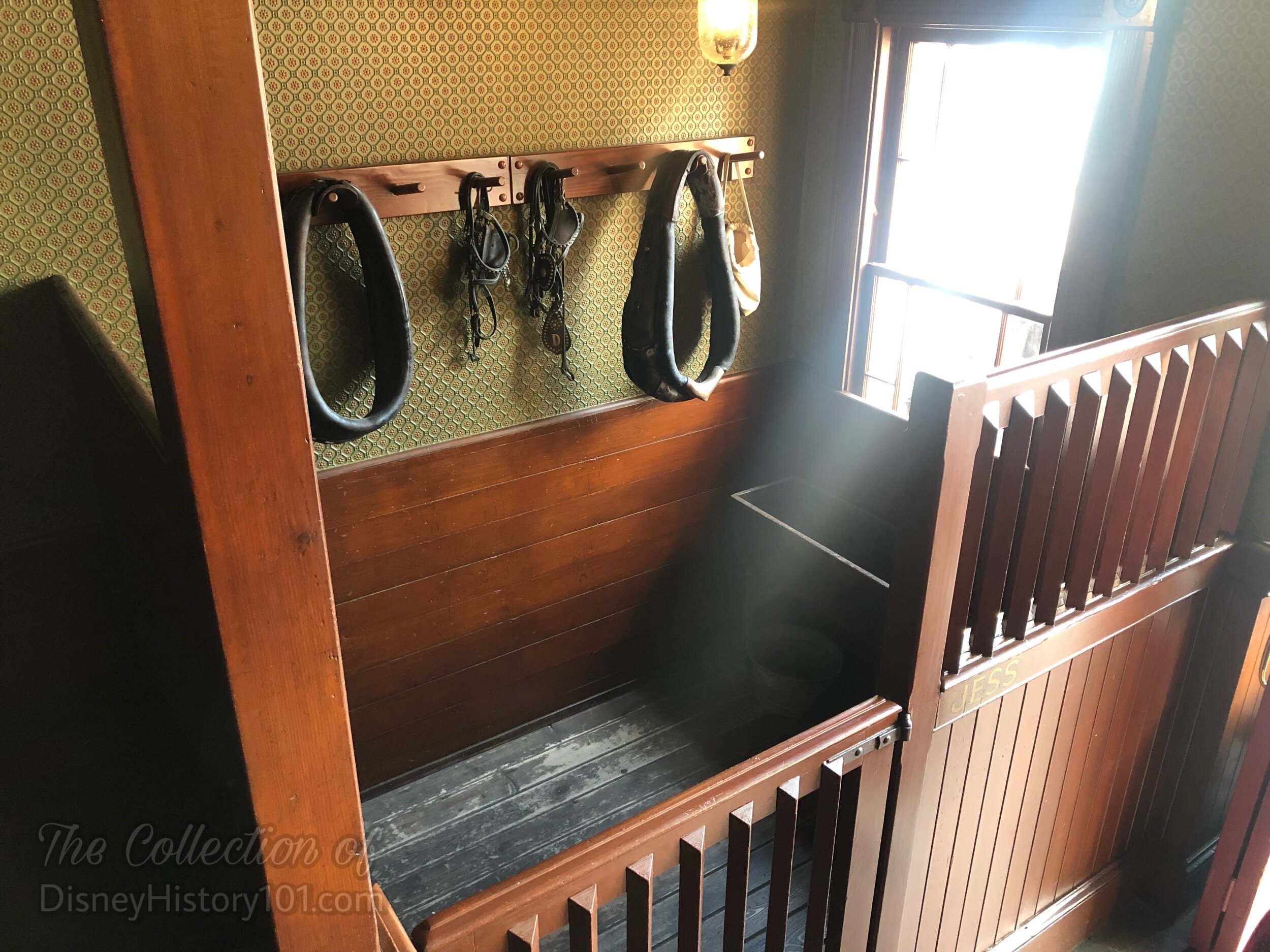
As to one particular reason for names, Van Arsdale France once wrote: “Since the horses were not directly on the payroll, they had to be carried as assets. All were given names. They all received names of people in accounting. Lucy Cotton, for example had a mule on the records named, ‘Lucy Mule.’”
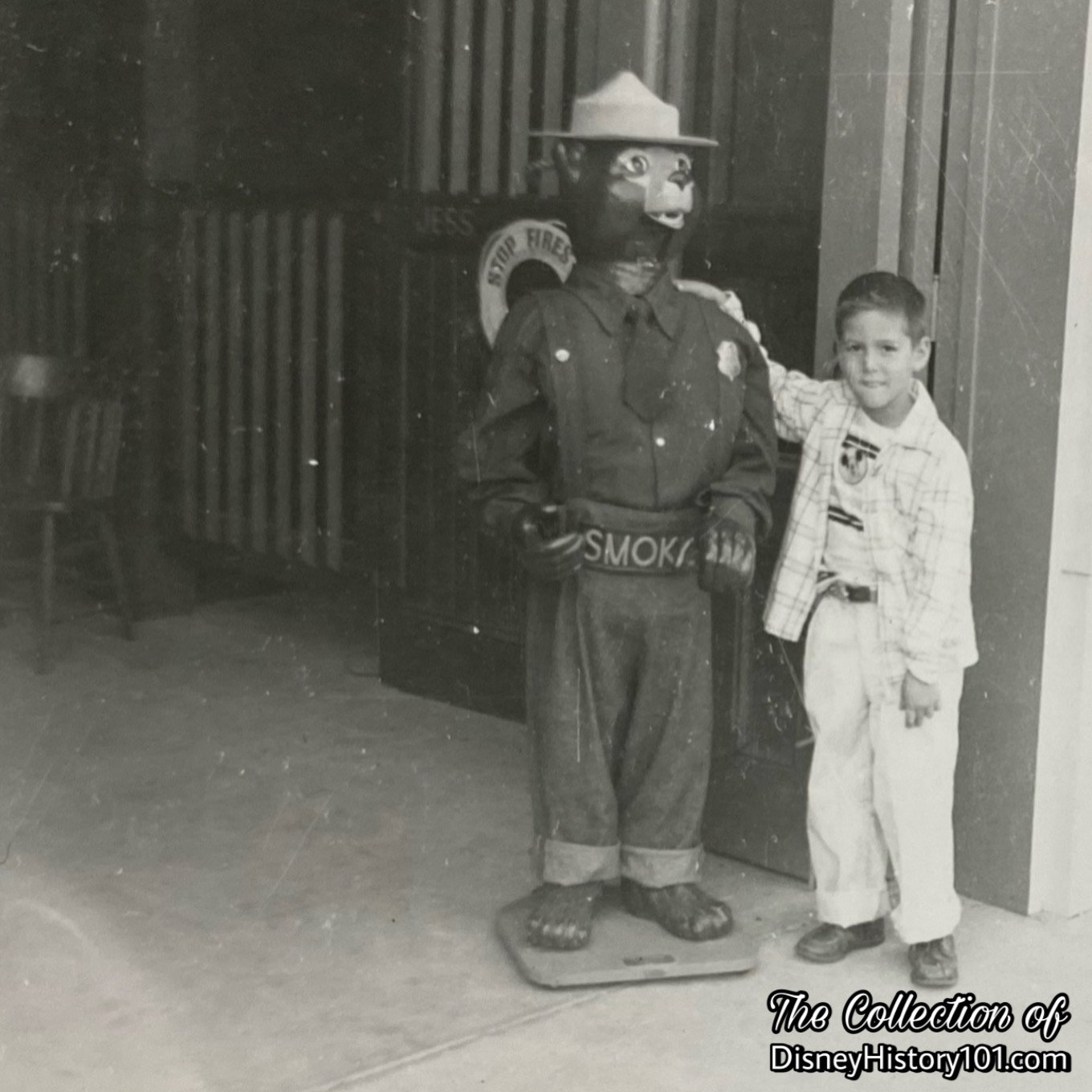
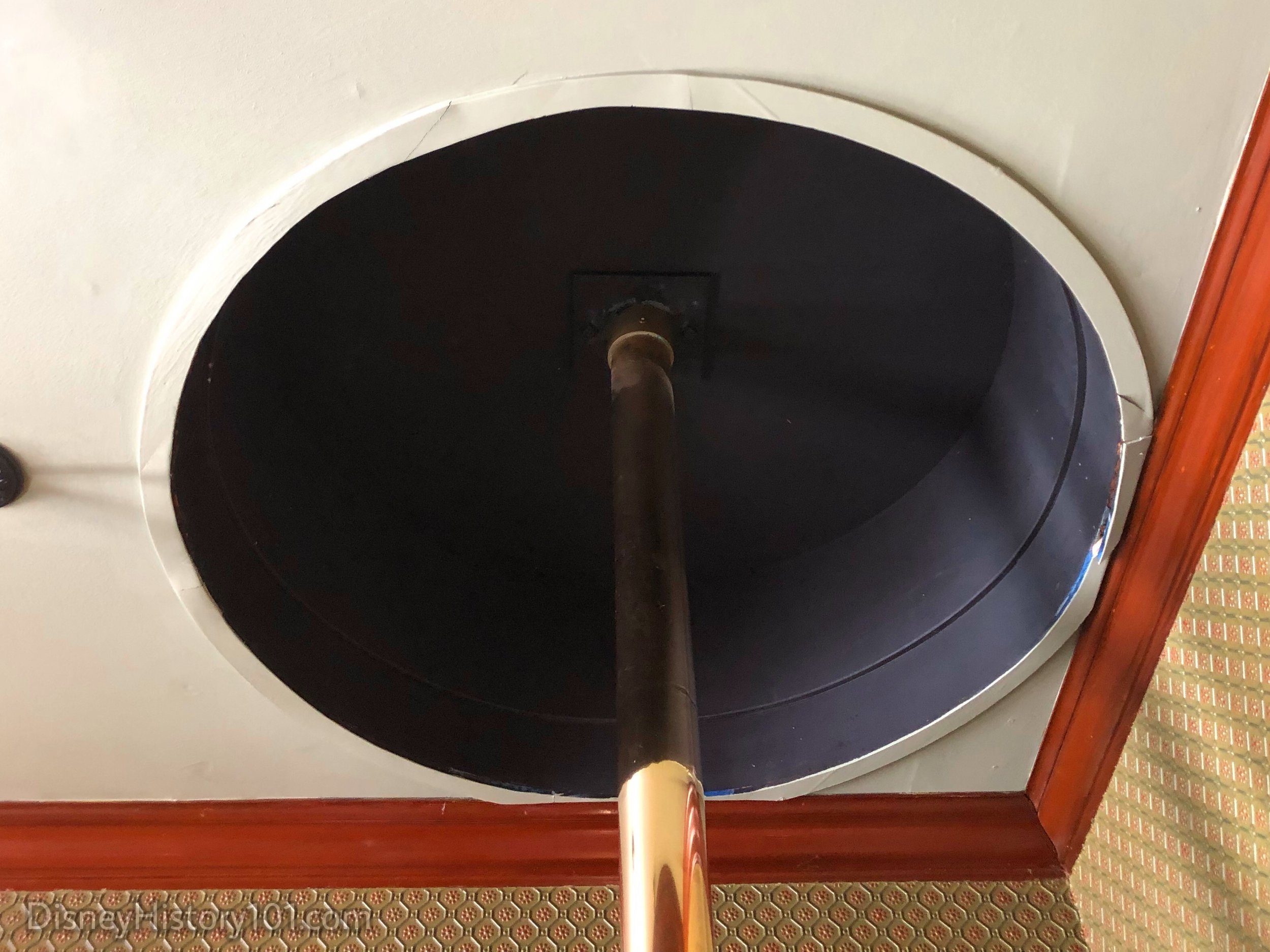
Many wonder if Walt ever slid down the authentic Fireman’s Pole. According to Diane Disney’s own words, “I’m sure he didn’t.” However, visitors (like Fess Parker and Buddy Ebsen) occasionally did slide down the Fireman’s Pole. [see “Diane Disney Remembers Dad : Walt’s Secret Disneyland Apartment” by Jordan Zakarin, Huffington Post, February 11, 2012] On even rarer occasions, a few curious folks made their way up the pole. Diane also shared (with Michael Broggie), a story of a “small red-headed boy” who shimmied up the fire pole in order to meet her father, only to surprise Walt (who was reading nearby). Soon after, the additional means of egress was closed up.
Considering all these loyal details, it is not hard to believe why (by the year 1958), the Main Street Fire Station was one of 15 free educational shows and exhibits at Disneyland.
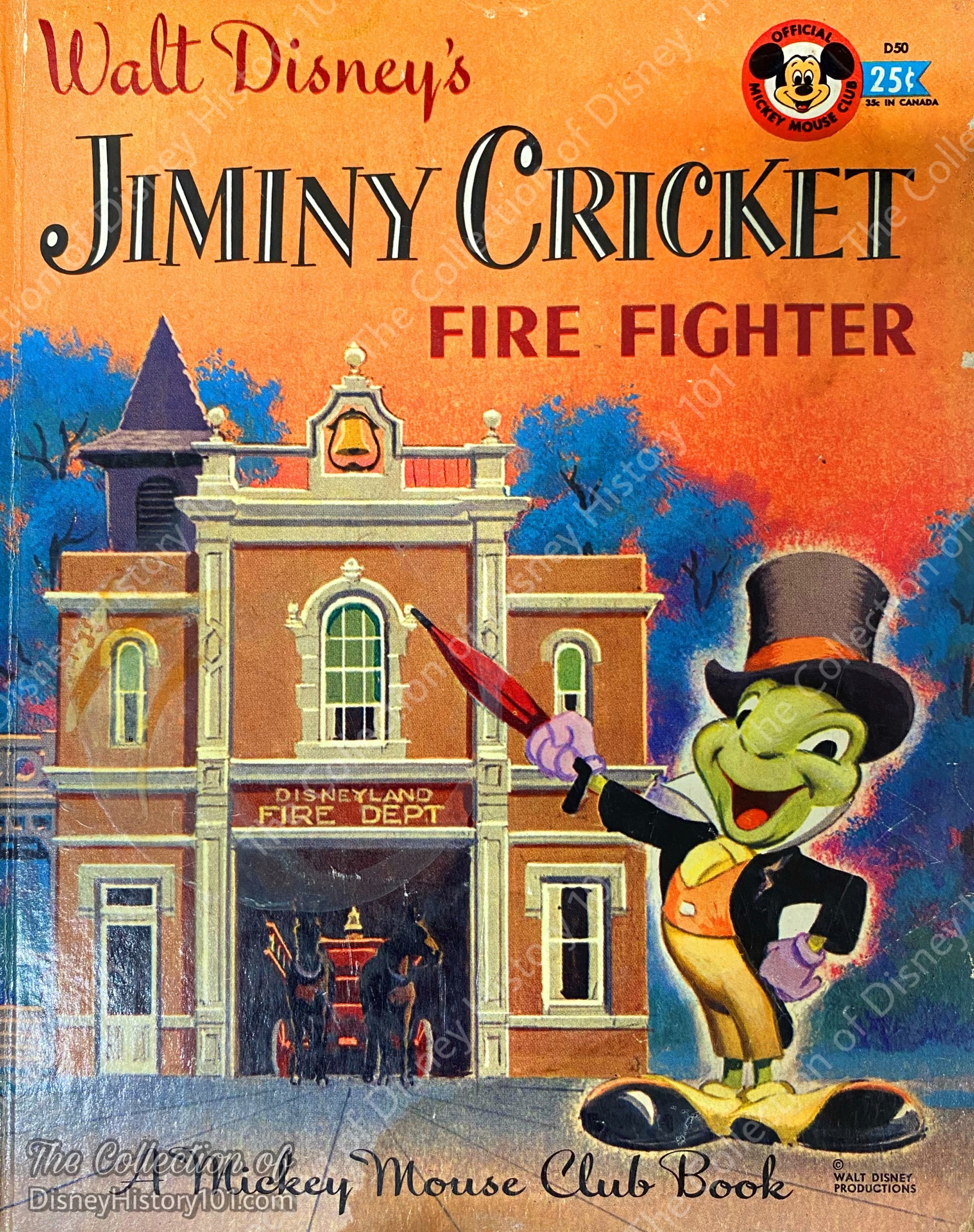
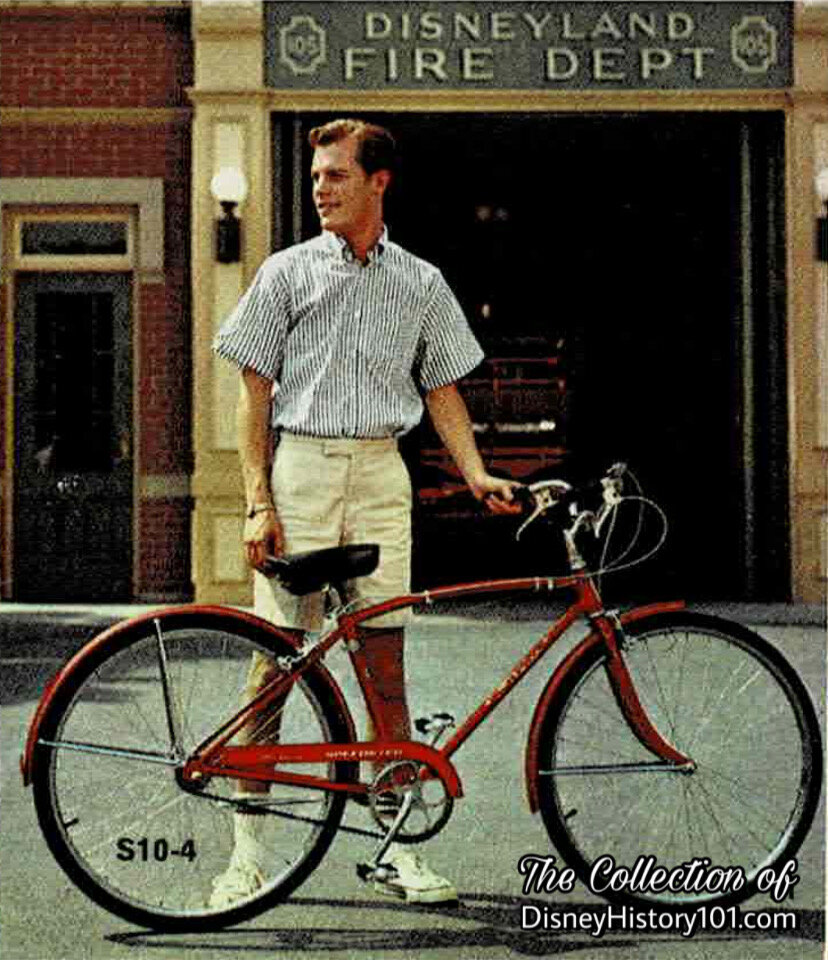
Disneyland has been utilized as a backdrop for many advertising campaigns made for television and publications (like magazines and newspapers). Photographs for the “Schwinn Takes A Trip To Disneyland” catalogue (including this one where the Disneyland Fire Station became a background for the Schwinn Speedster) were shot at Disneyland during the Disneyland Tencennial celebration of 1965.
On a rare occasion, the firehouse was home to a Hand-Crafted Bonsai Association exhibit, during “Festival Japan” (held October 12 & 13, 1985).
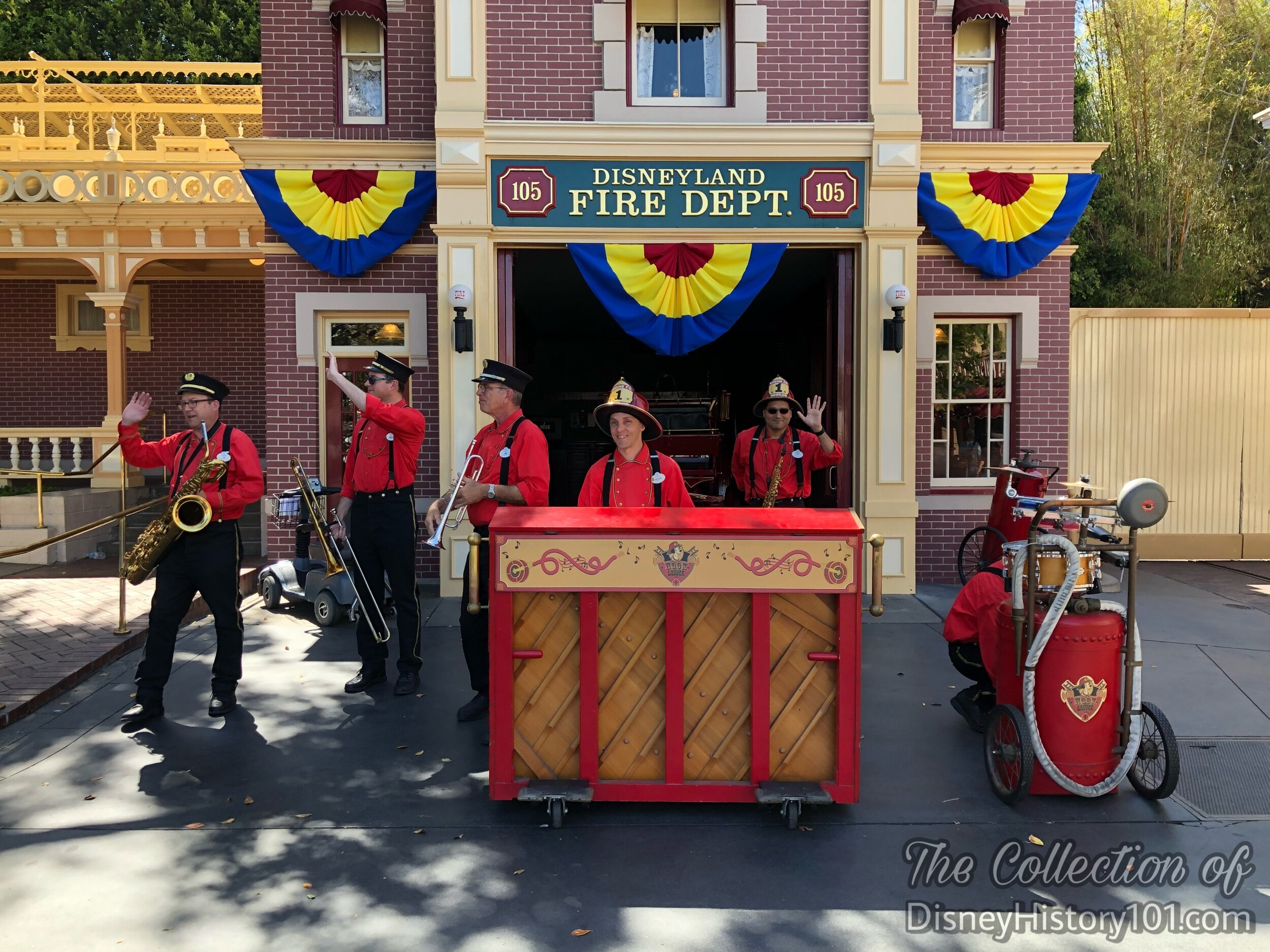
In the present, the Disneyland Fire Department has become the Stage for “Hook & Ladder” performances. The Hook & Ladder’s entertaining sight and Dixieland sound are something reminiscent of both Ward Kimball’s Fire House Five Plus Two and the Main Street Saxophone Quintet.
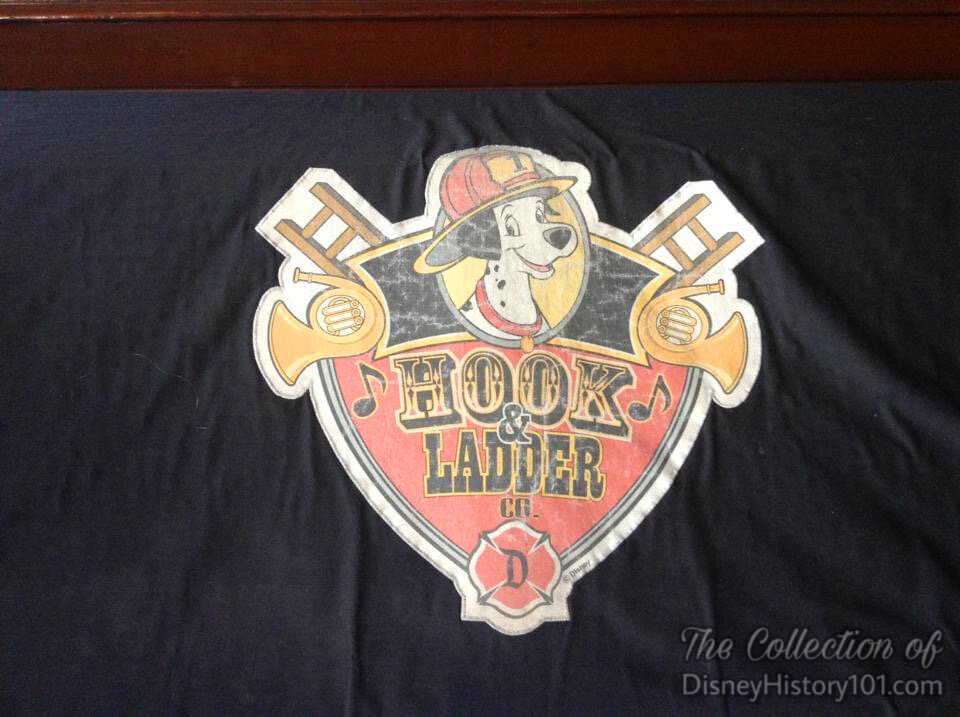
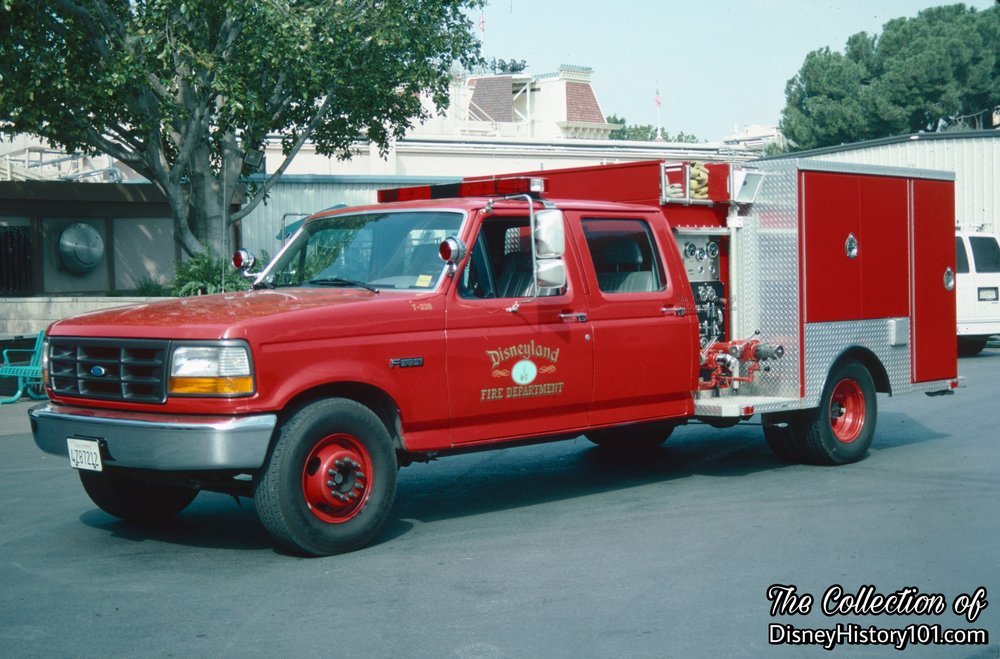
The Disneyland Fire Department/DFD is the Resort's internal fire department. Since the beginning, Disneyland has always been serviced by on-call personnel handling true-life fire fighting equipment. When Disneyland opened, the Fire Department was under Burn's until October, 1956. At that time, it was protected and serviced by a 1954 Willys Jeep (acquired July 17, 1955). It was occasionally parked near the Fire Chief’s Office behind Great Moments with Mr. Lincoln, Backstage of Main Street East).
Then one day in 1956, Ben Meister asked Dick Galentine (of Burns) to join him as Disneyland had taken over the department. The Disneyland Fire Truck was staffed by: Chief Ben Meister, Lt. Earl Considine, and six (6) experienced firemen. By 1959, this department could be summoned during an emergency by dialing EMERGENCY call ext. 229 or Disneyland operator. By 1969-1970, the department also made use of three R.C.A. 2-way 2-frequency radios (Personalfone 150) Model # C.P. C. JIPNHTOA which were assigned to the Fire Dept. Chief. The price/unit for these was $546.00 with batteries and antenna.
Through the years, the Disneyland Company would have several cutting edge models of fire engines on reserve. Of course, these were true-life engines, not attractions for On Stage. For instance, when the Disneyland Fire Department was located Backstage behind the 700 Block (adjacent to Administration Building in the Service Area near both the Lincoln Theatre and Security) there was a 1981 Chevrolet Pierce Pumper.
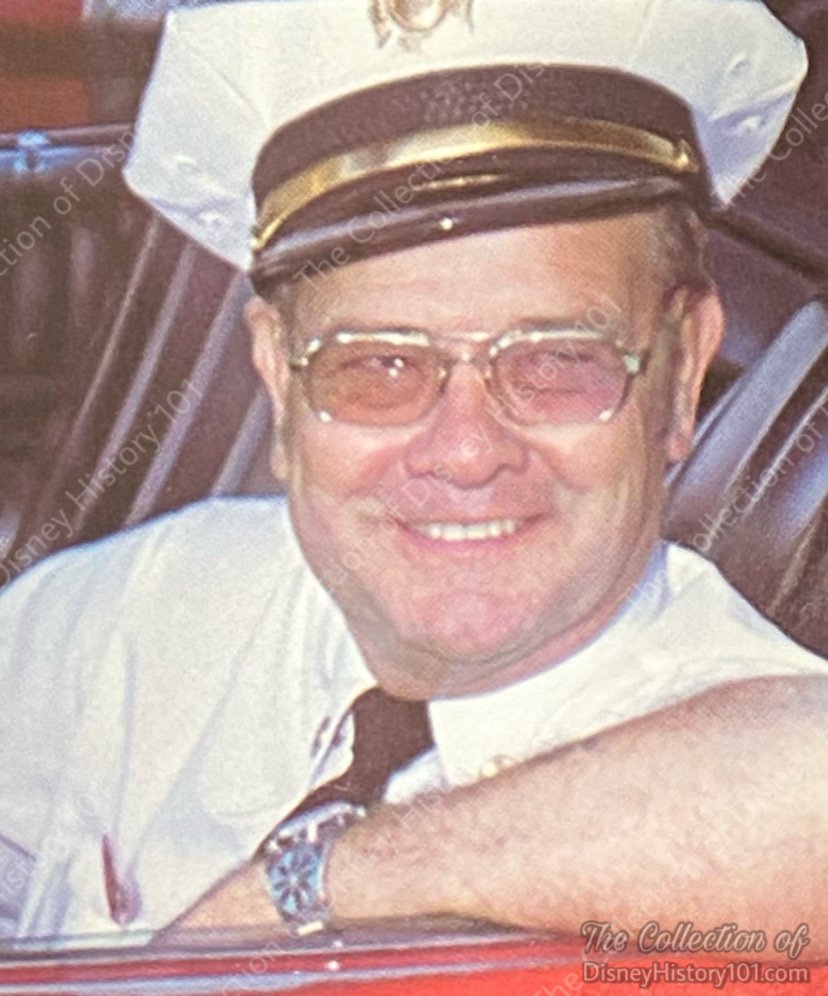

As a sidelight, by October 1959, Truman Woolworth (of General Services) was overseeing the Disneyland Safety Departments (both Medical and Fire Departments).

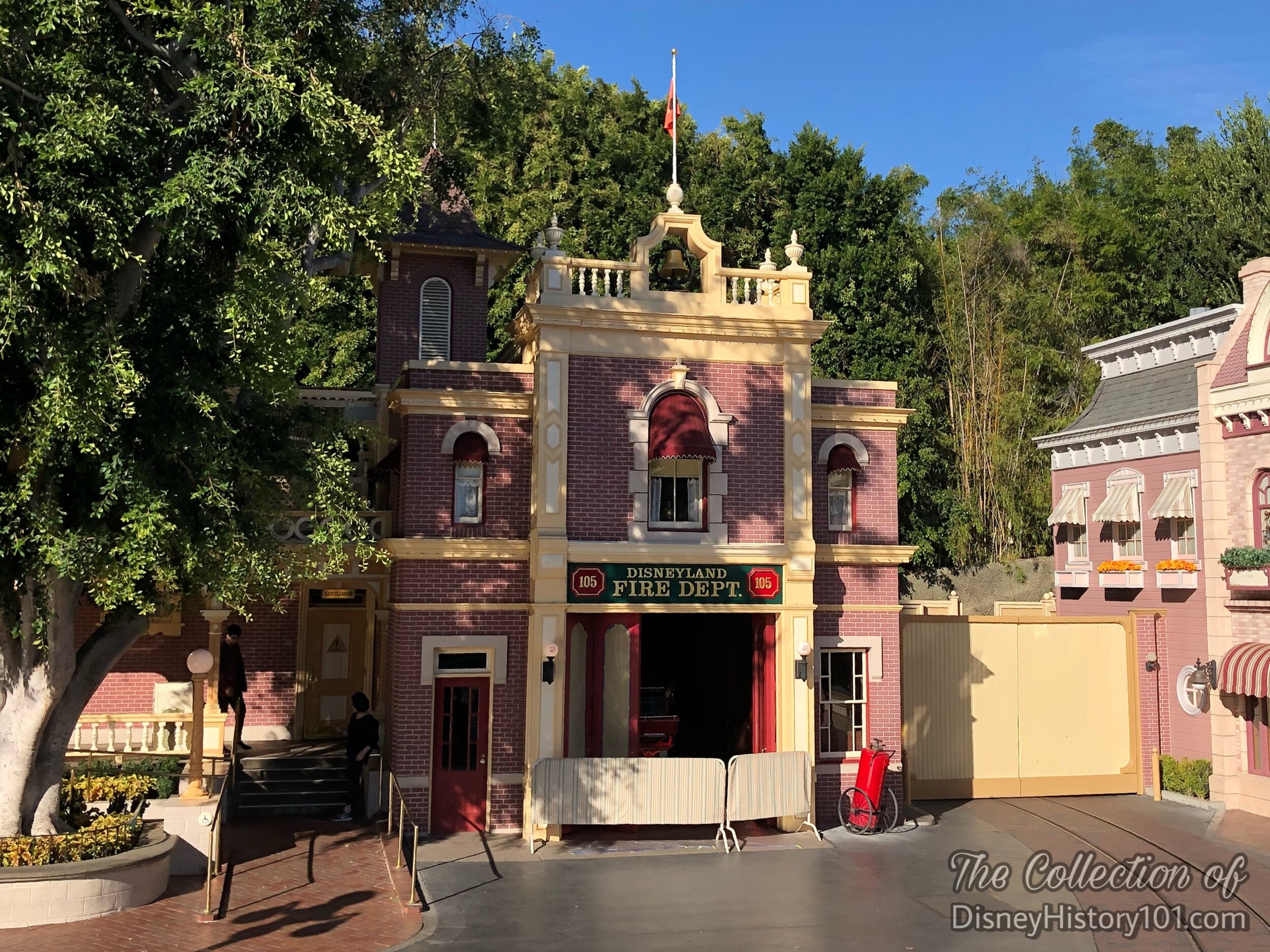
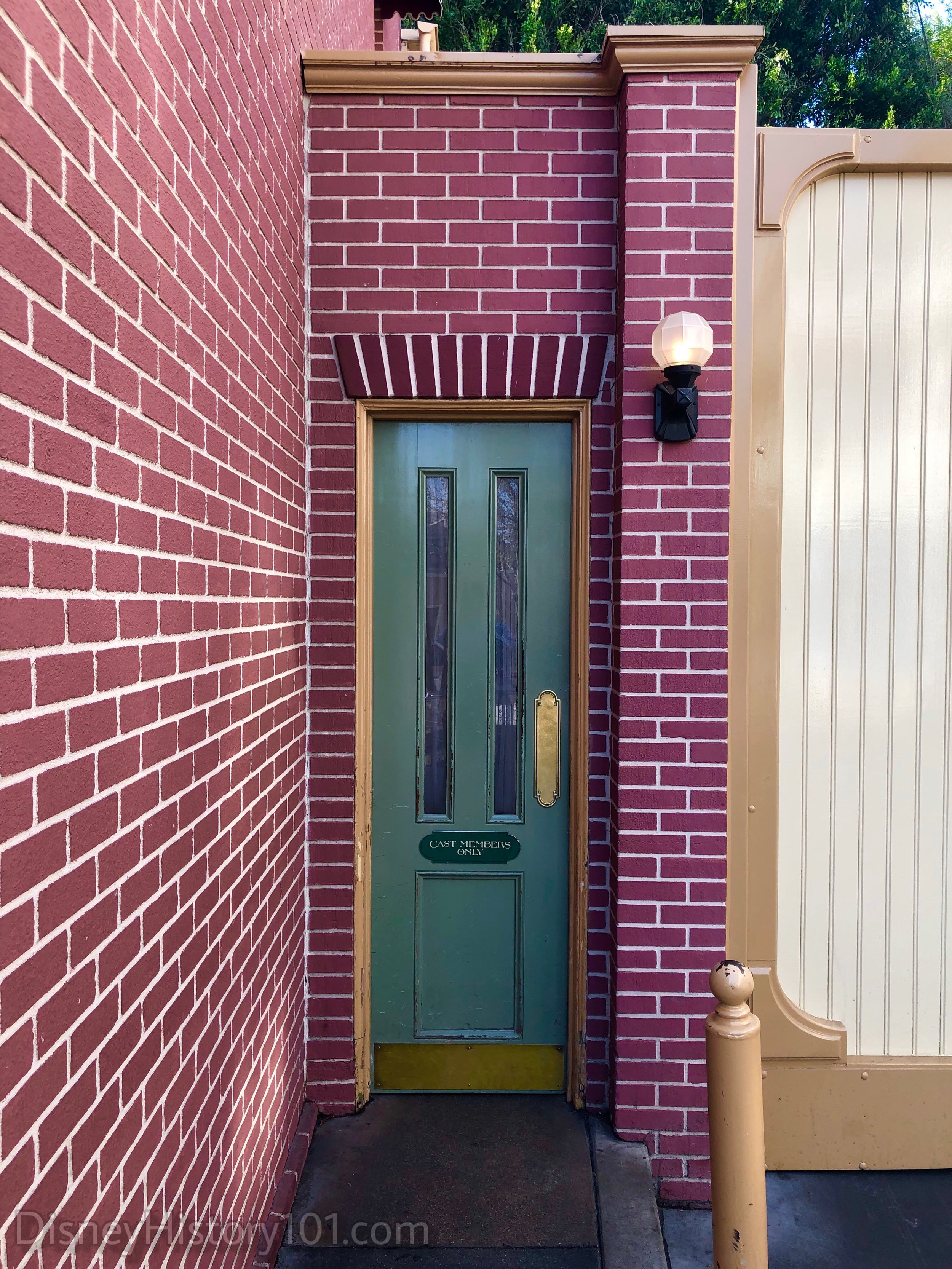
To the right is a Controlled Access Barrier (one of two in Town Square) that is part of the Park-wide Emergency Access System and the Firehouse Gate occasionally utilized for crowd control during peak periods and parades. But, most days the doors are closed to the public.

“Right above the Main Street Fire Station is one of Disneyland's best-known, ‘well kept’ secrets-Walt Disney's private apartment. The apartment was built in 1955 as a place where Walt might spend the evenings during the construction of Disneyland. Because Disneyland would be built in 257 working days and because there were no other local lodging areas at the time, the apartment was built partly out of necessity.”
“Construction”
Above the Disneyland Fire Station an efficient, small, 500-square-foot (or, 675 square feet according to one 1958 appraisal) apartment was built, to house a living space room, kitchen, closet, and a 3/4 bathroom. The 3/4 bathroom was a tiny area, complete with a working shower. The shower had four showerheads. There are a couple of theories behind this. The most likely theory is that it was just a luxury Walt had installed for the sake of having it.
The interior of the apartment had carpeted floors, plaster board, paint and paper walls and ceilings. These were serviced by an air conditioning system and possessed complete fire sprinkling systems. All fixtures were placed in their correct motif and many light fixtures of Disneyland were authentic antiques.
“Décor and Furnishings”
The original décor of the apartment was a joint effort between Mrs. Disney and the set designer for Mary Poppins, Emile Kuri. The theme was Victorian. Representative elements of the theme included rose and green colors and the repetition of the rose motif.
There were two sofas which were actually hide-a-beds; one for Walt, and one for his wife, Lillian. Each bed used to have portraits of Walt and Lillian's mothers above their respective beds, so there was no late night confusion over who slept in which bed.
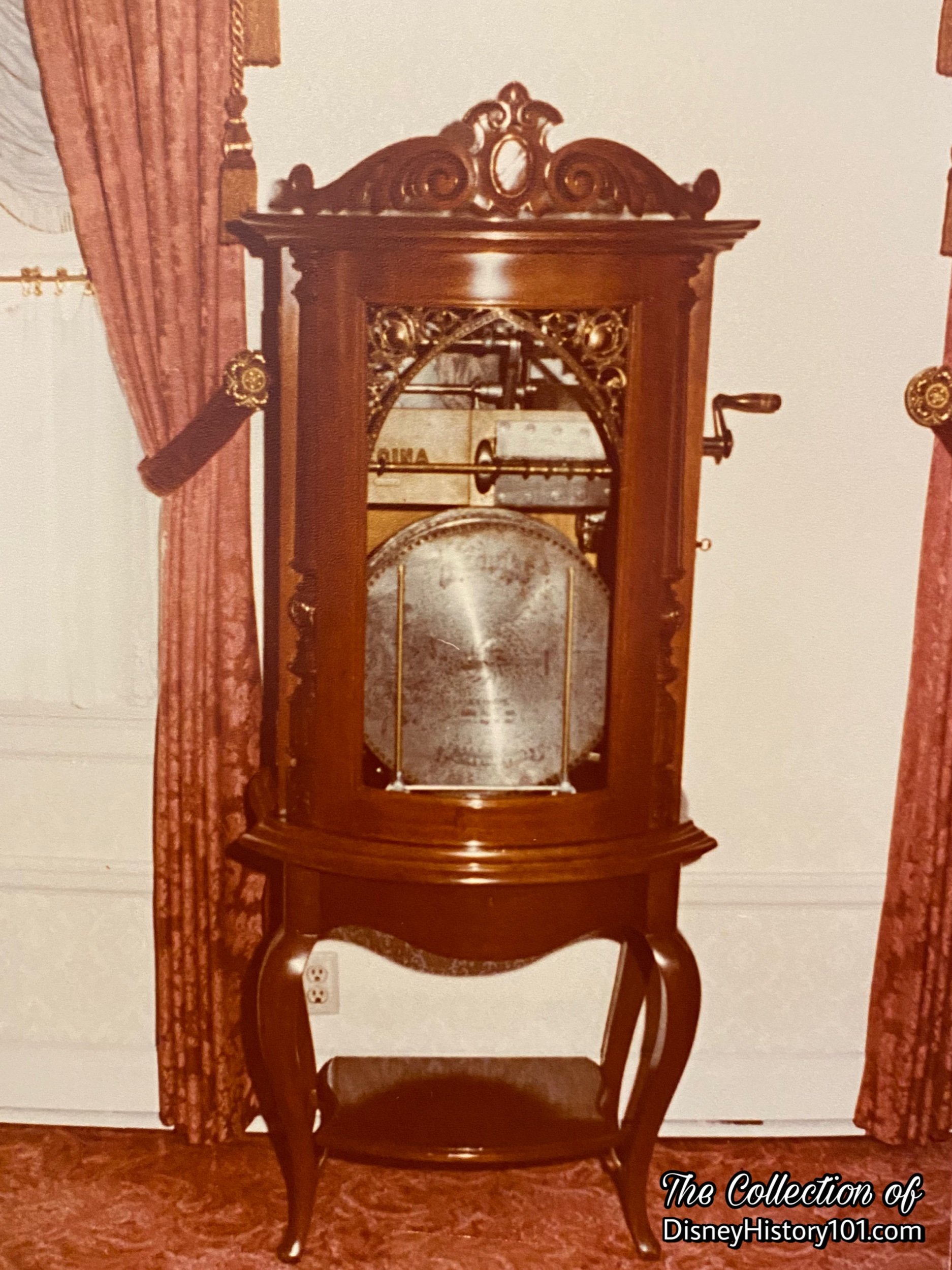
Mrs. Disney purchased some items right on Disneyland property, like an ink well set (that still carried its price tag) that was on display below a mirror in the apartment.
Speaking of antiques, the apartment contained an Edison Company Standard Victrolla Phonograph and an original 1890s Regina Music Box Company Corona, Style 35 Disc Player, each purchased by the Walt Disney family from the A.C. Raney collection in 1953. These items were gifts to Lillian from Walt.
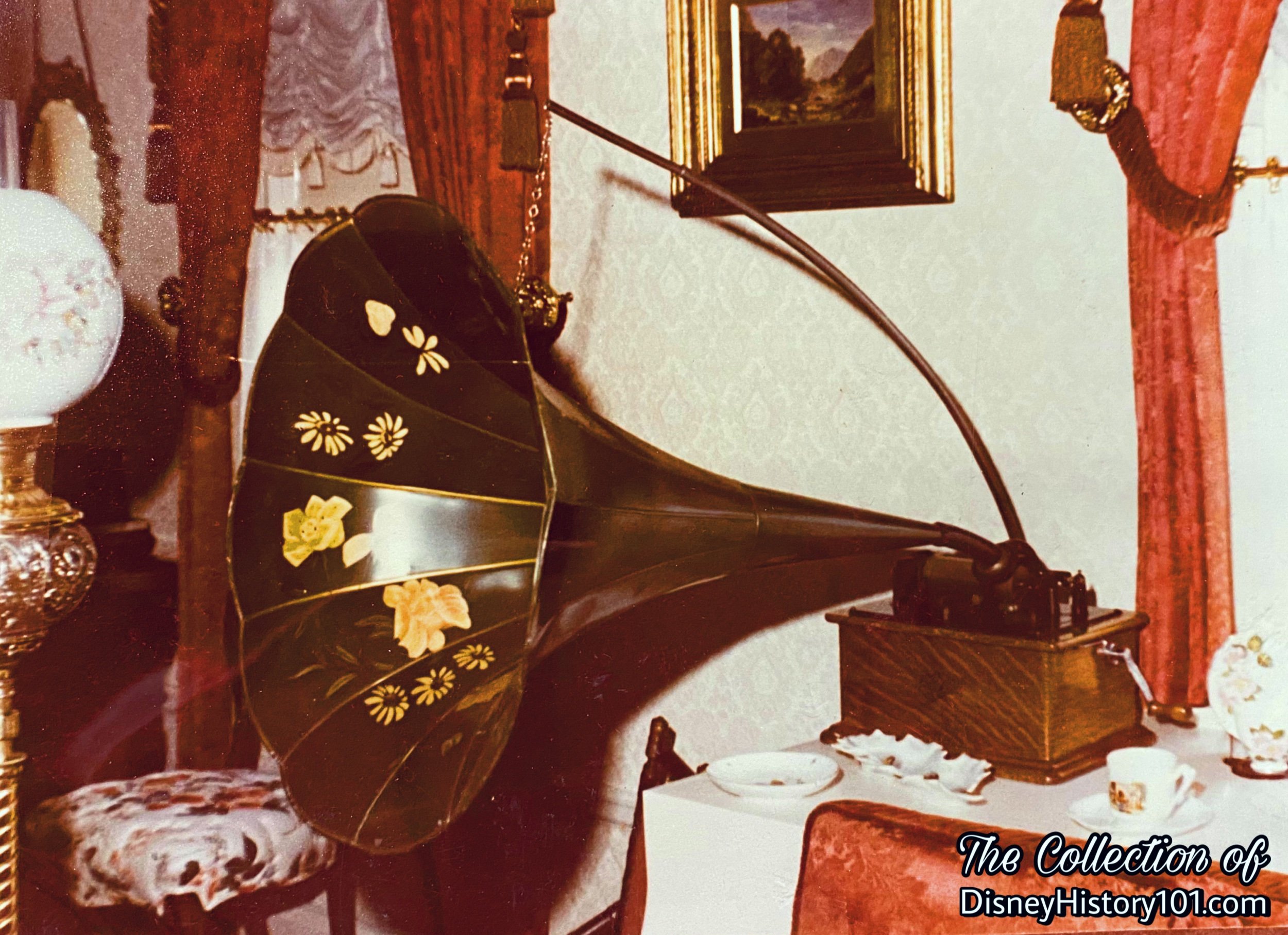
As with all Disneyland keys produced in 1955, the special Yale Lock to Walt’s Apartment could only be opened by a special YALE Key, which Walt (and evidently, his assistant Dorothy Wrigley) possessed.
Next to Walt's Apartment, VIP guests watched the Press Preview Day Parade from the Restroom rooftop (as seen in televised footage and images captured by photographer Mel Kilpatrick).
“Walt Moves In”
According to the “Disneyland 25 - Happy Birthday to a Dream” newspaper supplement: “Once Main Street was constructed, Walt moved into his own small apartment above the Fire House to be closer to the action.” Disneylander and “55er” Bob Milek remembered “Walt was practically living here in the early days.”
Dorothy Wrigley (Walt’s Secretary, Park Operations Secretary & Disneyland’s 26th employee) helped set up (and regularly stock) Walt’s Main Street Apartment. In the kitchenette, there was a sandwich griller that Walt probably used many times to make his favorite food: grilled cheese sandwiches. There was a ‘Tom and Jerry’ bowl set is named for a popular holiday drink, not for the cartoon characters that, incidentally, are NOT part of the Disney family.
“Press Preview Day”
From the onset of construction Walt spent-as much time at Disneyland as his schedule would permit-and often times more so. Walt was making daily visits to the site and his apartment, especially on the Press Preview Day. Proving this is an anecdote preserved in the same publication: “Walt… confided to a reporter that he had almost missed the Park’s spectacular debut. Exhausted, he had gone to bed in his tiny apartment above the Firehouse to try for a few hour’s sleep. Because people kept waking him up with problems, he finally locked his door, only to find that later in the morning he couldn’t get the door open. In desperation, Walt finally had to yell for help.” [Disneyland 25 “Happy Birthday to a Dream” Advertising Supplement; published January 20, 1980] Walt clearly made it out in time for the Dedication of Disneyland. This is also where Walt could come to observe his first Guests on that opening day, between ceremonies and interviews.
Next to Walt's Apartment, VIP guests watched the Press Preview Day Parade from the Restroom rooftop (as seen in televised footage and images captured by photographer Mel Kilpatrick).
“Grand Opening”
Hank Dains recalled “the first day we had paying guests in the Park, and Walt was over at the Fire Station looking out the window. And I heard him say ‘Paying guests, I love you... and threw them a great big kiss.’”
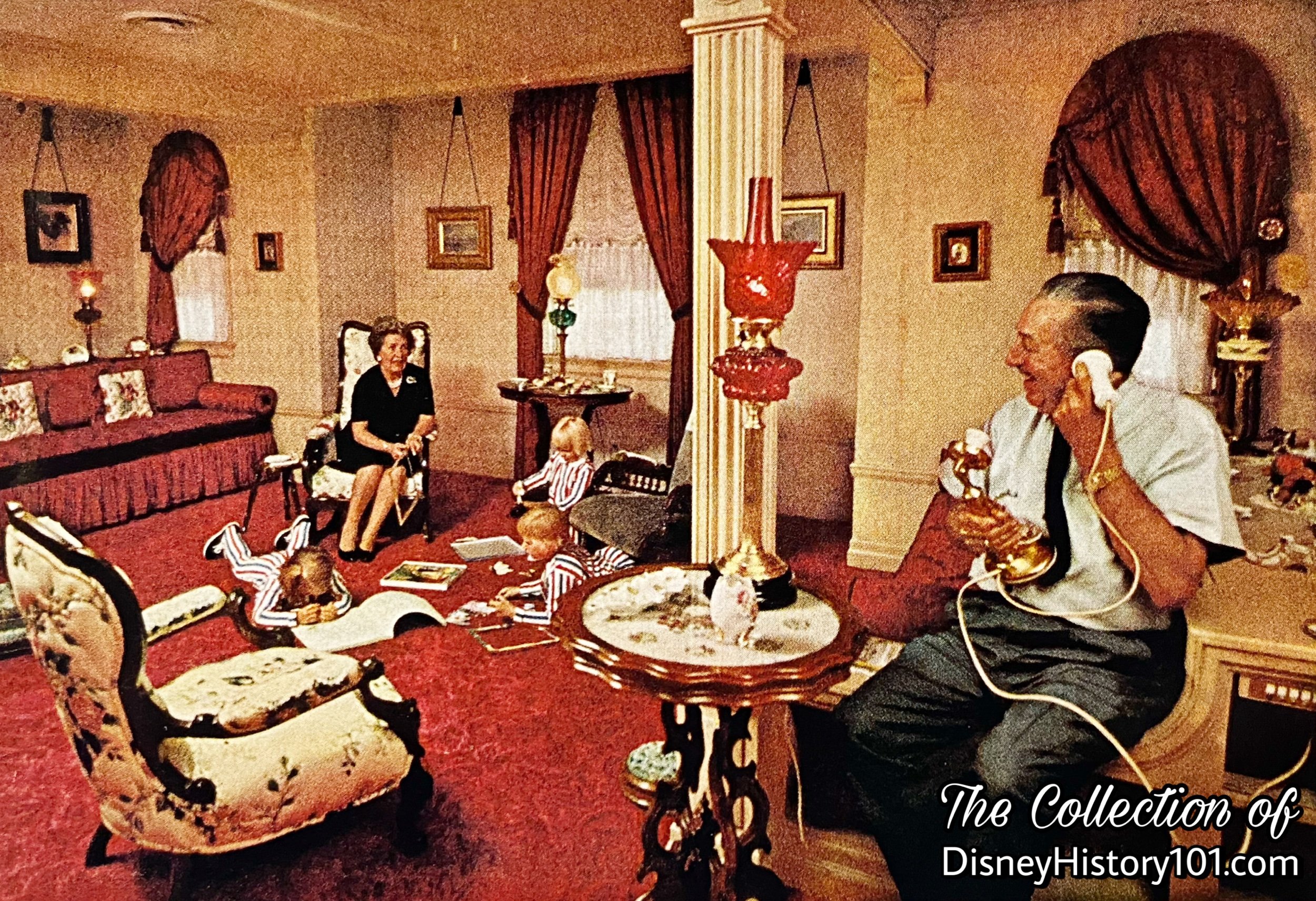
“Walt & Lillian’s Retreat”
Walt would spend a lot of time at the park on weekends coming back from Palm Springs.“Most of the time, Walt was here on what he called ‘business’ - observing maintenance and construction on the off-season Monday and Tuesday closure days, and patrolling the Park ‘incognito’ or so be tried to be almost every Saturday, so he could gage his Guest's reaction to Disneyland.”
One indication that Walt was ‘home’ in the apartment would be the closed doors to the Fire Station below. “This was done to ensure no fire bells were ringing if the Disney's were taking an afternoon nap. The fire pole in the station once extended right into the apartment.” As far as historians know, Walt never used the pole as a quick exit from the apartment. Another sign that Walt was in for the evening was an illuminated light located in front of the window facing Main Street.
The apartment eventually become Walt and Lillian’s private retreat in the Park. “In the early days, when Disneyland was still in an experimental learning period, Walt and Lilly would come to the Park to spend a few days in his apartment above the Fire Station,” according to “The Spirit of Disneyland” (published 1985, for Disneyland Cast Members). Staying here may have very well seemed familiar to Lillian, whose father was once the Fire Chief of Lewiston, Idaho.
“The Disney Family Retreat”
You may recollect how Walt described (to Bob Thomas of Associated Press) a particular element of the “firehouse” : “Upstairs will be a room for VIP’s, where we’ll entertain the visiting firemen.’” We’re unsure of how many “firemen” were actually entertained in Walt’s Apartment, but Walt and Lillian often hosted family members. “After Disneyland opened to the public, Walt found the apartment was a good idea as it allowed him a place within the park where he could entertain his family in private or even spend the night before his Saturday ‘inspection days.’”
Sometimes, though, Walt's visits were strictly recreational increasingly so as his family grew. “During Disneyland's first decade, Walt and Lilian Disney had acquired 11 grandchildren and you can bet what weekend outing was very high on those grandchildren's list!“ The Main Street apartment could scarcely accommodate so large a group and the children and, later, the grandchildren, would sleep on the floor. Inside the cabinets there were glass baby bottles which were used by the Disney grandchildren. Joanna Miller (the second eldest child of Diane and Ron) often shares fond memories of her grandfather Walt Disney, including staying in the apartment above the fire station.
Therefore, with Disneyland's first new land, New Orleans Square, already under way, Walt decided to build a larger version of his home-away-from-home up in the otherwise unoccupied second level of the gracious, balconied buildings.
“Walt Entertains a Few Guests”
As the Disneys loved to entertain, a few non-family members were also guests of Walt’s Apartment through the years! According to Mouseketeer Sharon Baird’s account, the Mouseketeers were in Walt’s private apartment when Guests first stepped through the turnstiles below, on the Opening Day of Disneyland. The adjoining Roof Terrace allowed guests to enjoy the air (and the view of Town Square) from the second story. Many guests could be seen on the Roof Terrace during the Opening Day Parade as attested to in "Homecoming - Destination Disneyland" by Carlene Thie with photos by Mel Kilpatrick. Another event (in coordination with the release of a Davy Crockett film) brought both Fess Parker and Buddy Ebsen to Walt’s Apartment.
Original Mouseketeer Tommy Cole recalled: “Our first schoolroom where they would tutor us was above the fire station in Disneyland. It was close to Walt's office, for he had an office above the firehouse. I so remember that and all the back streets, back parts of Disneyland.“
In its early years, while Walt and Lillian were alive, the apartment was as private as anyone's home. Few photographs (as one published in National Geographic, August of 1963) of Walt’s Apartment, were made public, so it was hard for the average Park-goers to imagine what Emile Kuri’s interior decor (now enhanced with trinkets personally selected by both Lillain and Walt) looked like.
Not many Cast Members or guests ever saw the inside of the apartment. Bill Sullivan recalled: “I think my most memorable encounter was when we opened Small World. This was my first experience at being responsible for opening a new attraction. Walt and I walked through the area one night, and talked for about half an hour about things in general and the attraction in specific. In fact, we kept on walking and talking all the way from Small World and down to Main Street to his apartment.”
“Disneyland Cast Member Re-Orientation Tour Groups Visit Walt’s Apartment”
There were a few unauthorized visitors according to Van France: “Everyone was curious about Walt's apartment located above the Fire Station on Main Street. So, for a re-orientation group I was leading, I managed to borrow a key (I can't remember how), and each group would "ooh" and "ah" as we walked through Walt's private quarters. Many Cast Members enjoyed the tour until, on rainy day, the raincoat of one participant brushed against one of Lillian Disney's table decorations. The Cast Member made a courageous reach, and fortunately caught it before it hit the floor.
In addition to the re-orientation traffic, a young Host, the son of one of our executives, had found a key to the rooms, and had used the apartment... I planned to have someone clean and straighten up, but I had somehow forgotten about it, a fatal error just before Walt's weekend visit. When the Housekeeping Hostess entered the apartment in anticipation of Walt's arrival, she found clues that there had been unauthorized intruders. Panic buttons were pushed from Disneyland to the Studio to WED and back. That was the end of our tours of the apartment.”
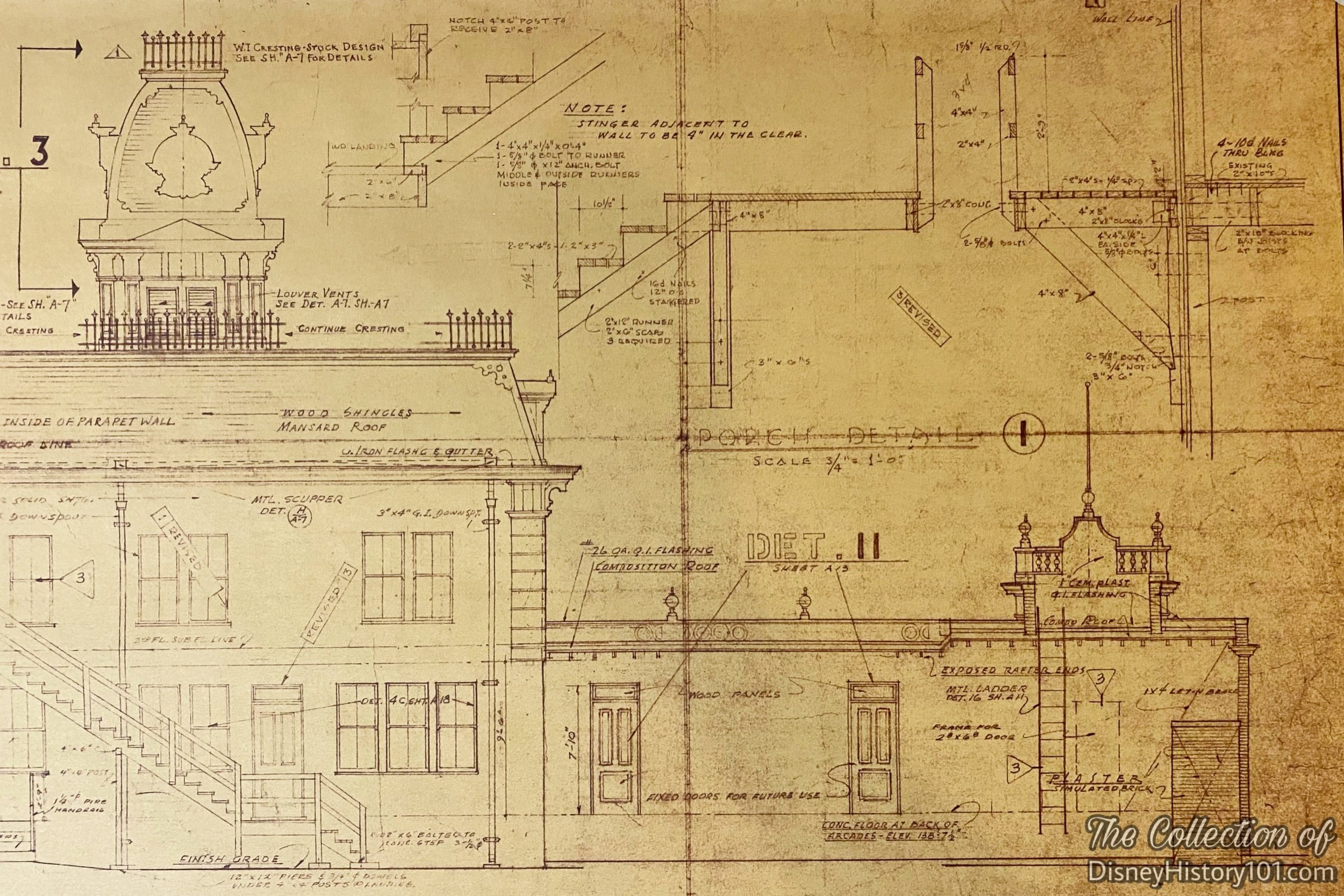
During 1958, a shade roof lattice was constructed over the 20’x33’ Walt’s Roof Patio. This Roof Patio Addition to Walt’s Apartment (Disneyland Inc. Job #032-50-45) was accomplished through the help of Disneyland & Studio laborers, as well as sub-contractor Cowelco. The covered porches and steps measured 1000 square feet. The labor and materials of the Roof Patio Addition project were later appraised at $5728.42.
By March 15, 1961, the design of louvre shutters (by Art Director Harvey Gillett of WED Enterprises, Inc.) was completed for Disneyland, Inc. and added to Main Street Buildings.
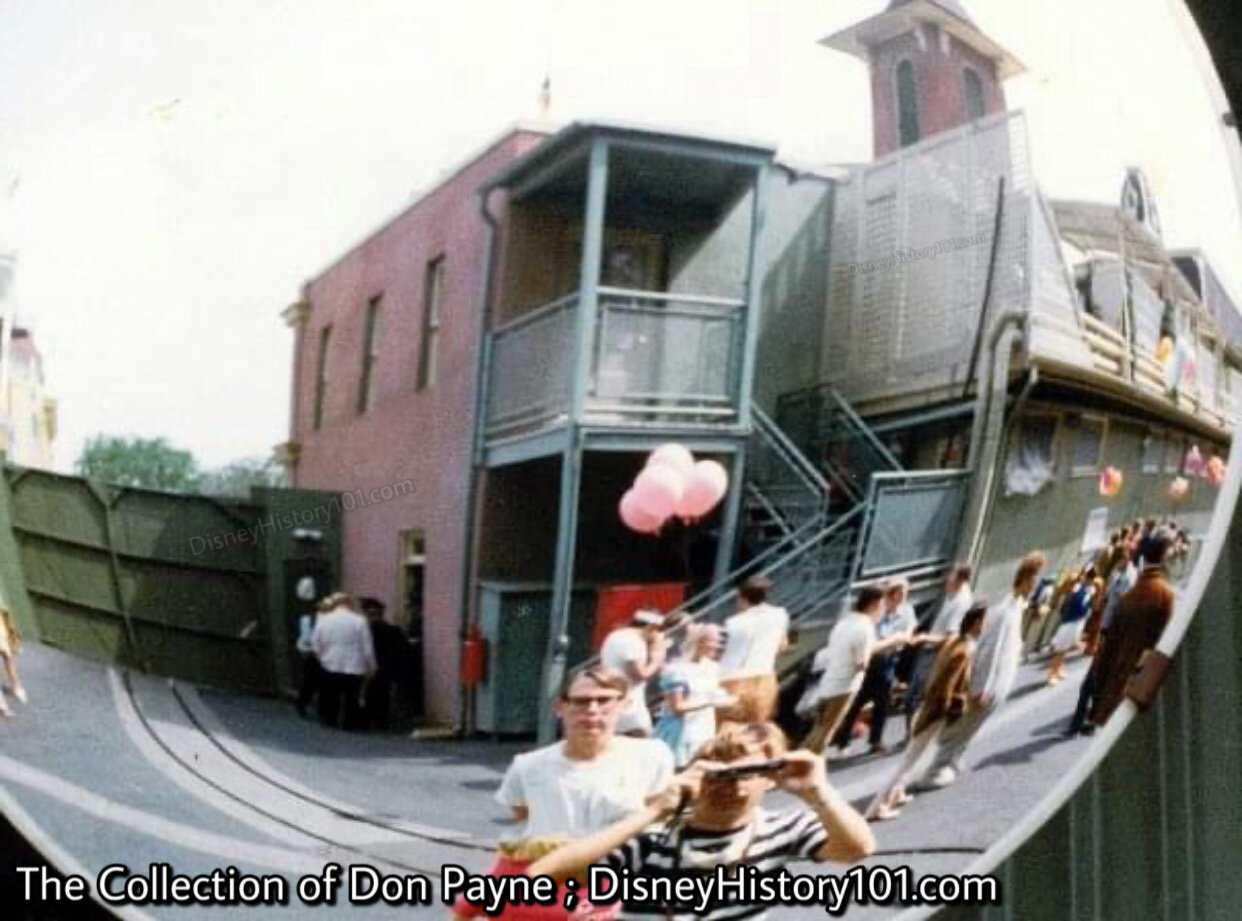
“After Walt Tours Resume”
The Disney apartment is a very special part of Disneyland history. After Walt and Lillian passed away, the apartment remained locked for years.
The Disney apartment was not an attraction for the general public. From time to time, a few select few Cast Members (and some distinguished guests) were invited to take a tour of the apartment. But ultimately, thanks to the magic of Disneyland Guided Tours, many a guest has set foot into Walt’s firehouse apartment. It was and is the distinct privilege of tour guides, to preserve this piece of history, hoping that Guests considered it a privilege to have been able to experience it.
Walt Disney's personal apartment is still decorated in the Victorian style Lillian, Walt's wife, chose for their home away from home. The decorating staff showed impeccable care in mirroring Lillian's original collection and in preserving the style of Emile Kuri. While very few of the current bric-a-brac items actually belonged to the Disneys, Guests are encouraged to not handle old and fragile items or irreplaceable antiques within the apartment (or on the balcony). In order to preserve the sanctity of the apartment, pictures were also initially prohibited then limited. Above, Bob and Don make a sanctioned memory behind the Main Street Fire House (and Walt’s apartment).
Today, Walt’s Apartment is a unique part of our resort history, and a fun glimpse into Walt's life here at Disneyland. In visiting, I am often reminded of an expression made by Martin Sklar, how: “you can't beat the original Disneyland. I always like to remember that this is the only park Walt ever walked in.”
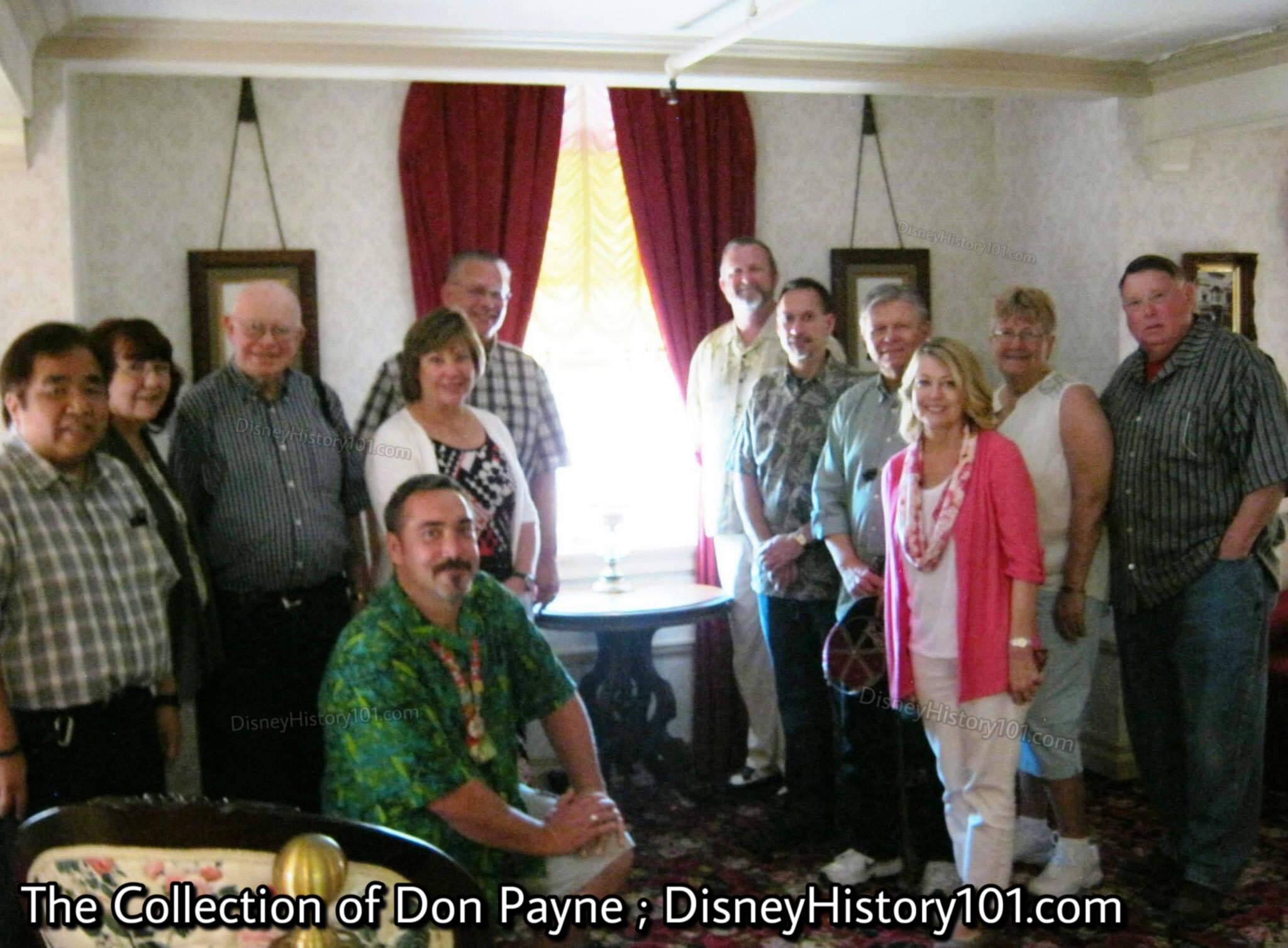
Walt’s Apartment continued to occasionally host events. Club 55 celebrated “40 Years of Adventures” here with a friendly champagne reception and reminiscing, on Saturday, July 15, 1995.
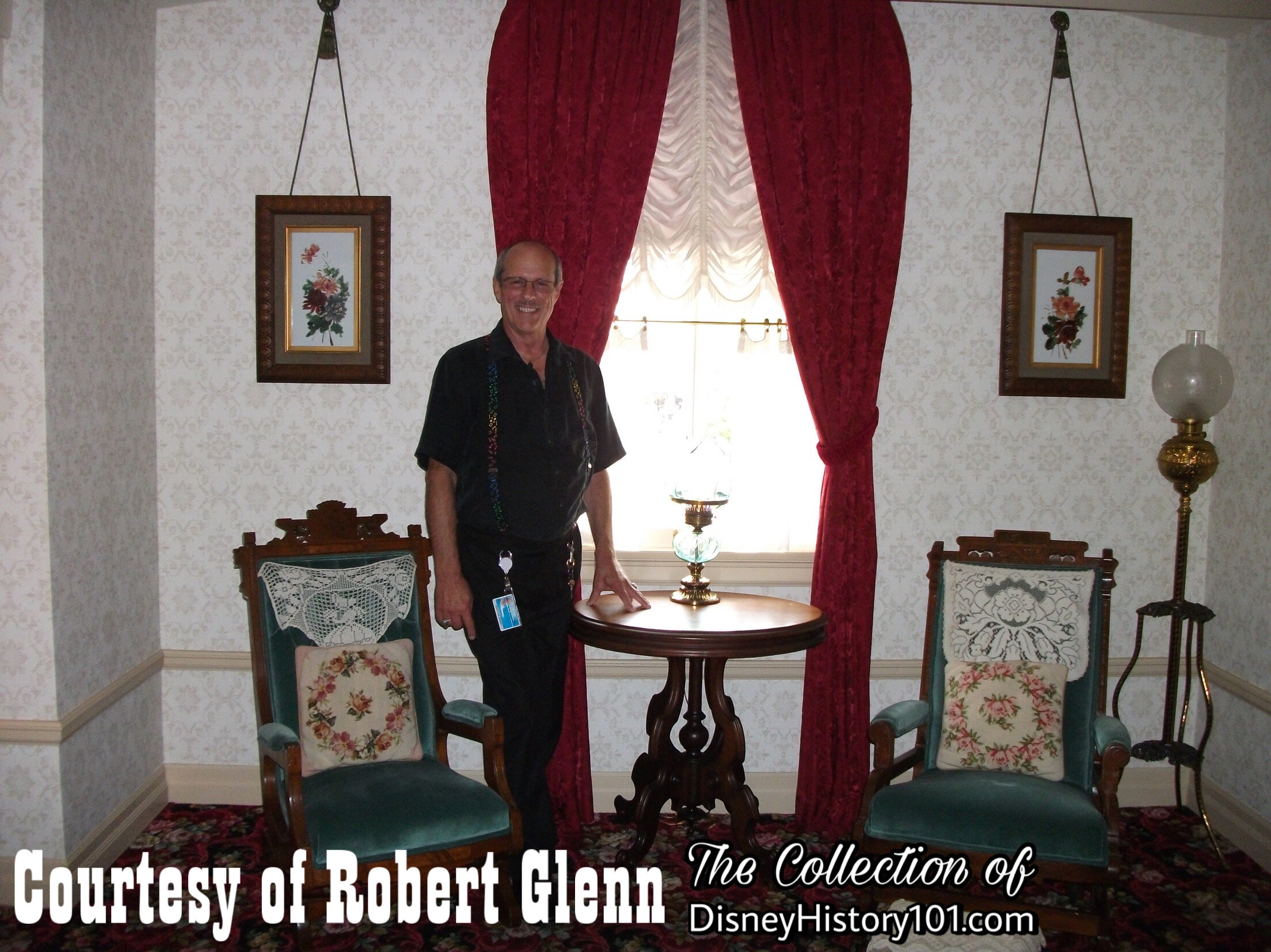
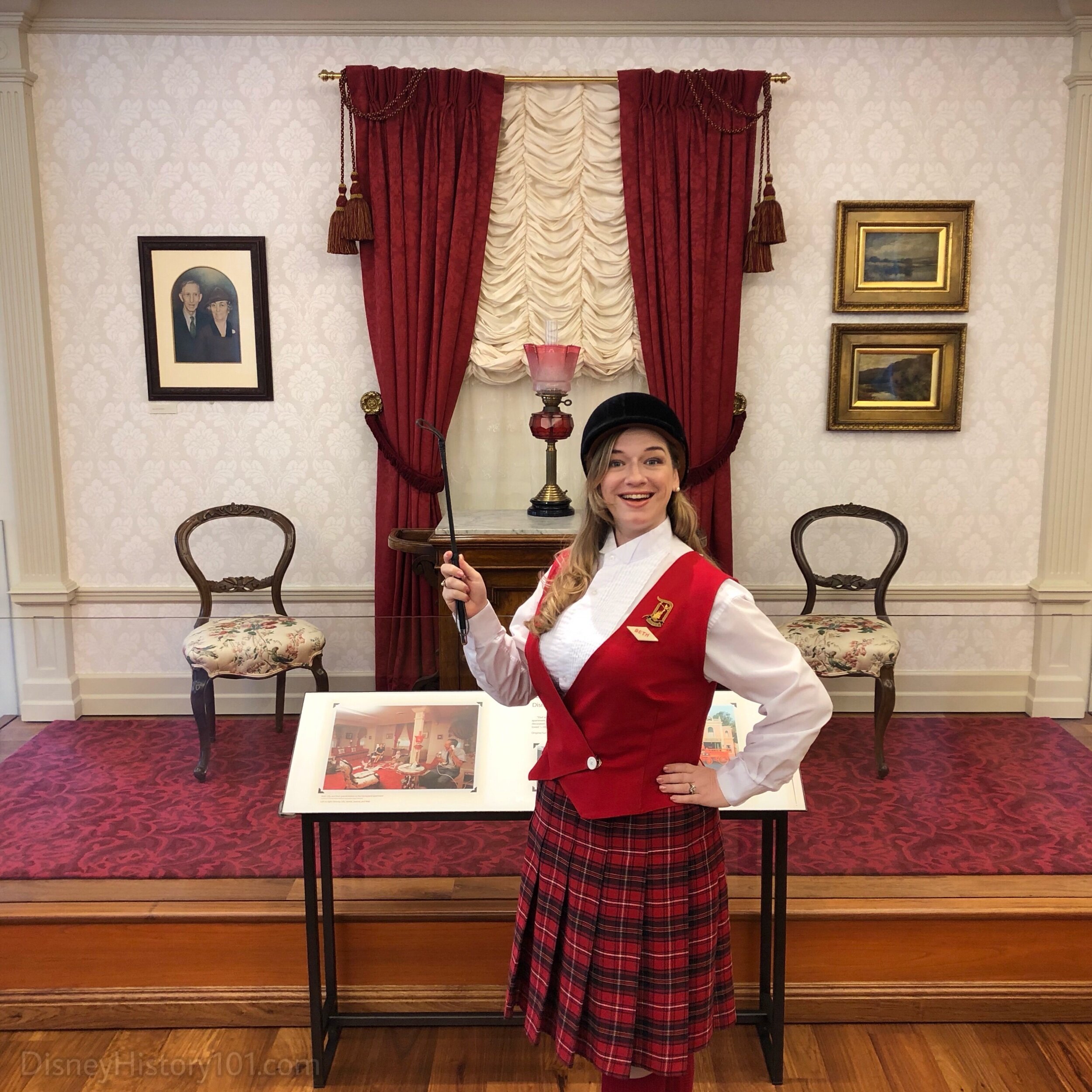
“Legacy”
In order to share the experience of Walt’s Apartment with Disneyland fans, the Walt Disney Family Museum (of San Francisco, California) has created a special diorama in honor of this rarely-seen “dwelling unit”! The Walt Disney Family Museum Trophy Room houses some amazing antiques from Walt Disney’s so-called “super secret hideaway” - the Main Street Fire House Apartment. According to Walt Disney Family Museum docents, some of the furniture and pictures on exhibit were removed from the Fire Station Apartment by Disney family previously. Some pieces (like the lamp) are representations of the antiques that once furnished the apartment. Though the authentic antiques have been cared for (receiving some level of refurbishment and restoration), they can still be seen as they are rotated in and out of the exhibit.
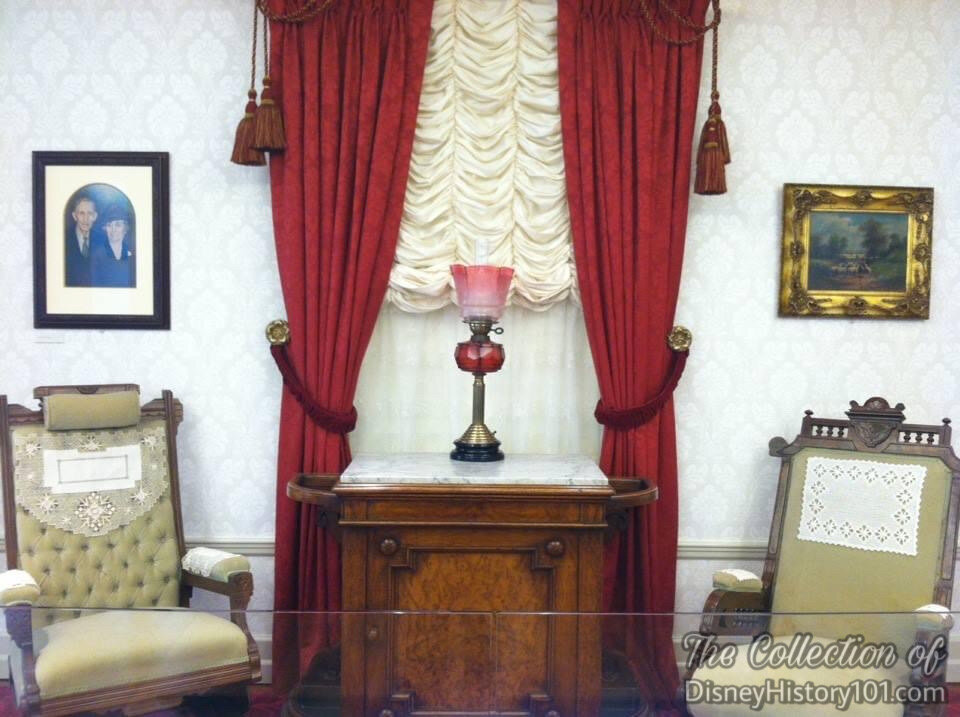
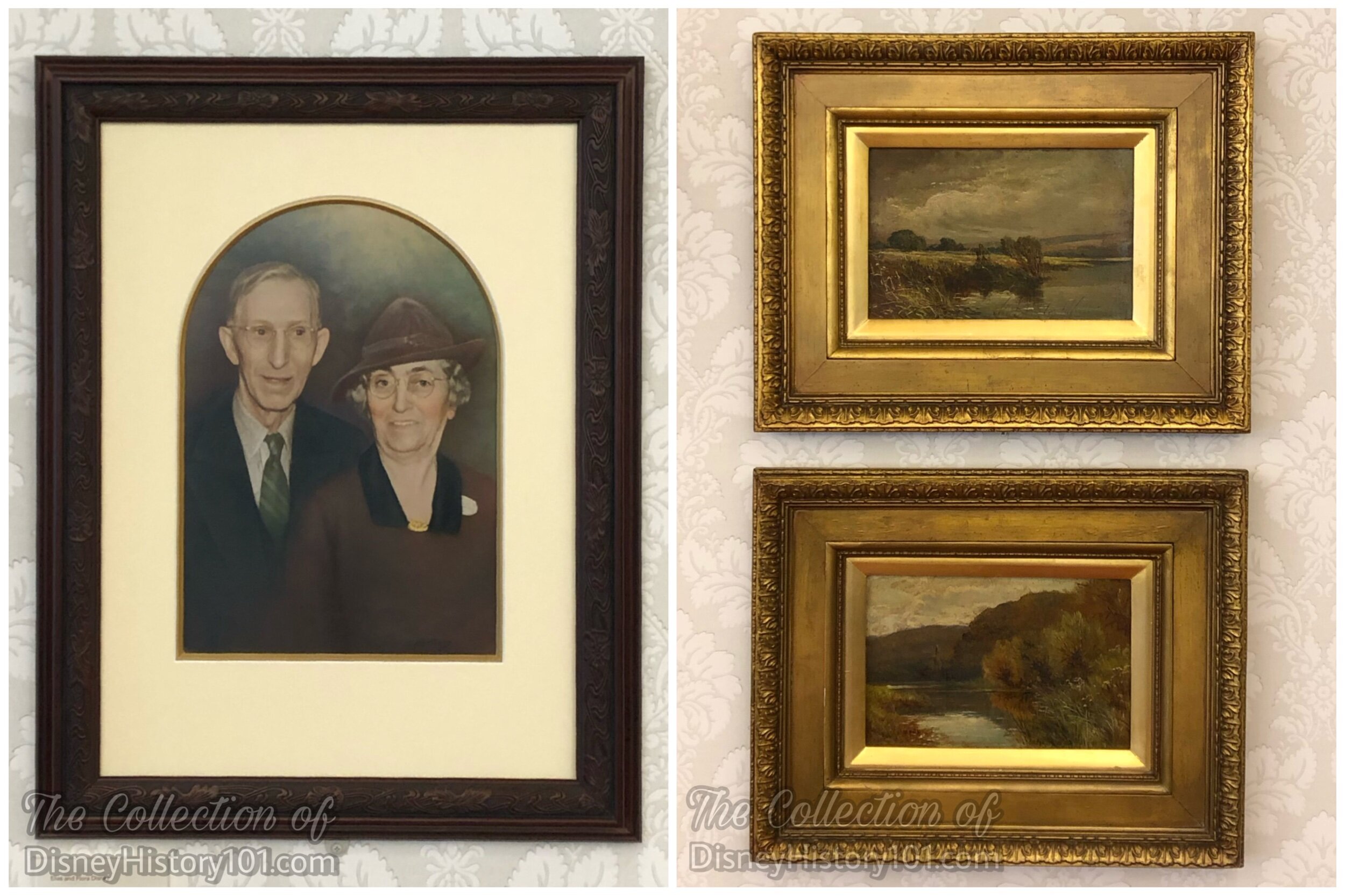
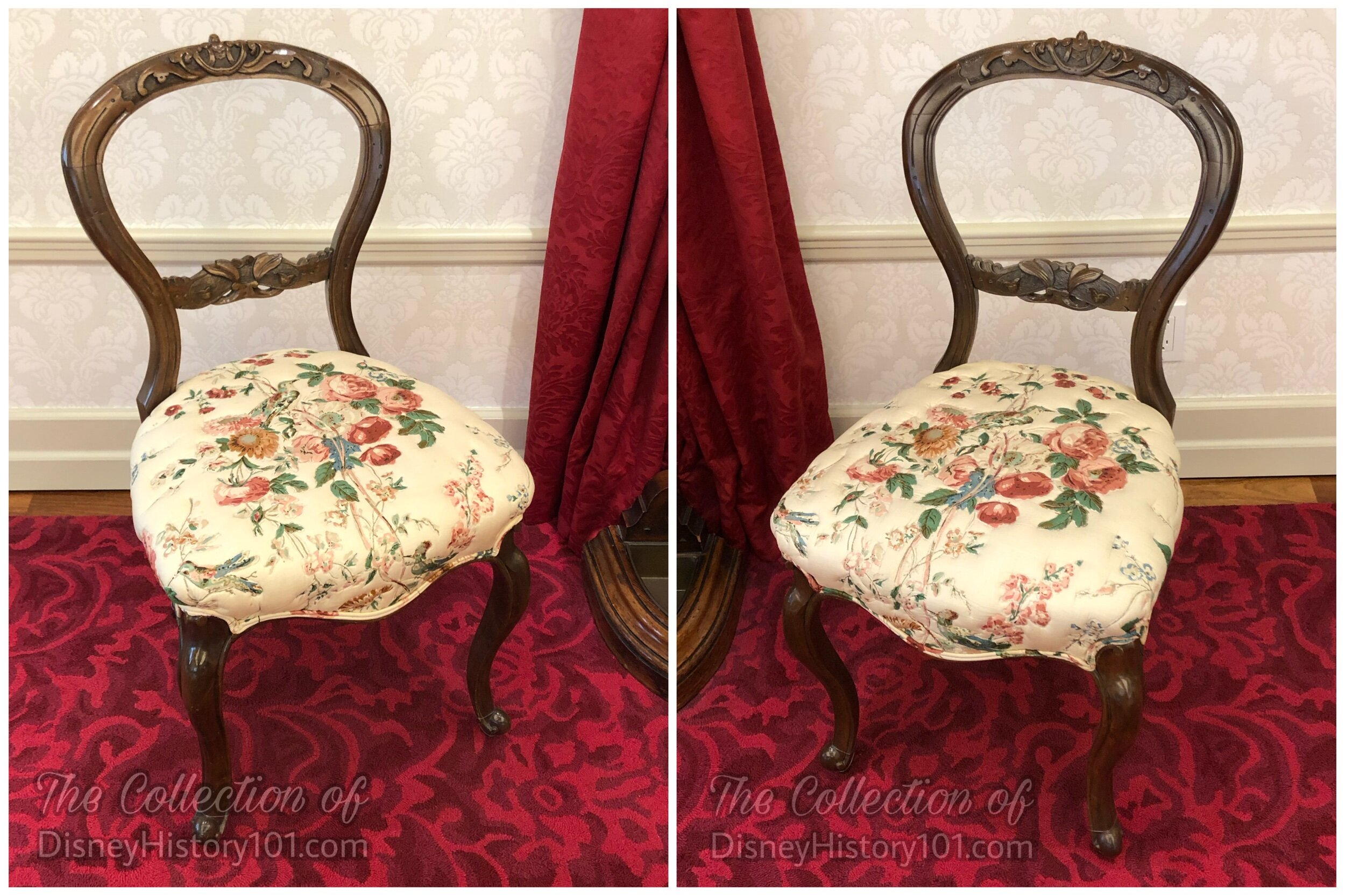
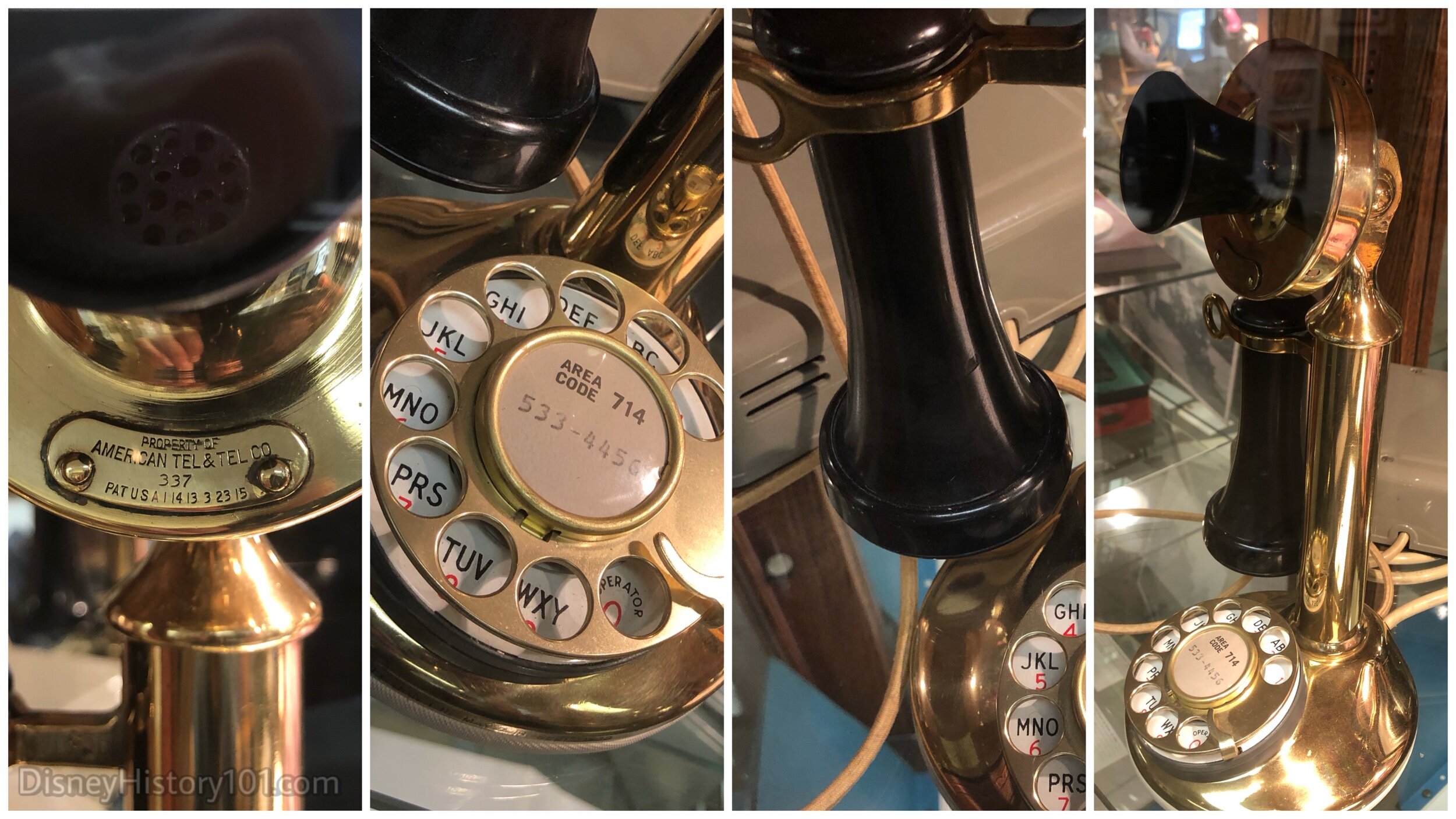
Occasional unique artifacts from Walt’s apartment have surfaced at auctions over the years, including lamps and even swatches of carpet. We once came across this most unique artifact (pictured above) at one of Van Eaton Galleries’ pre-auction shows. This beautifully elegant candlestick (or, “grandfather”) telephone (was actually seen in the few approved press photos of the Disney family Firehouse apartment interior). Even more, this piece was also once the property of ATT (the American Telephone and Telegraph Company, and one-time sponsor of the Circle Vision Theater in Tomorrowland). Walt and Lillian often visited antique shops along their travels, and likely found this on one of those excursions. The phone number for the apartment is even still on the telephone, reading “(714)533-4456”.
This artifact is now part of some private collection.
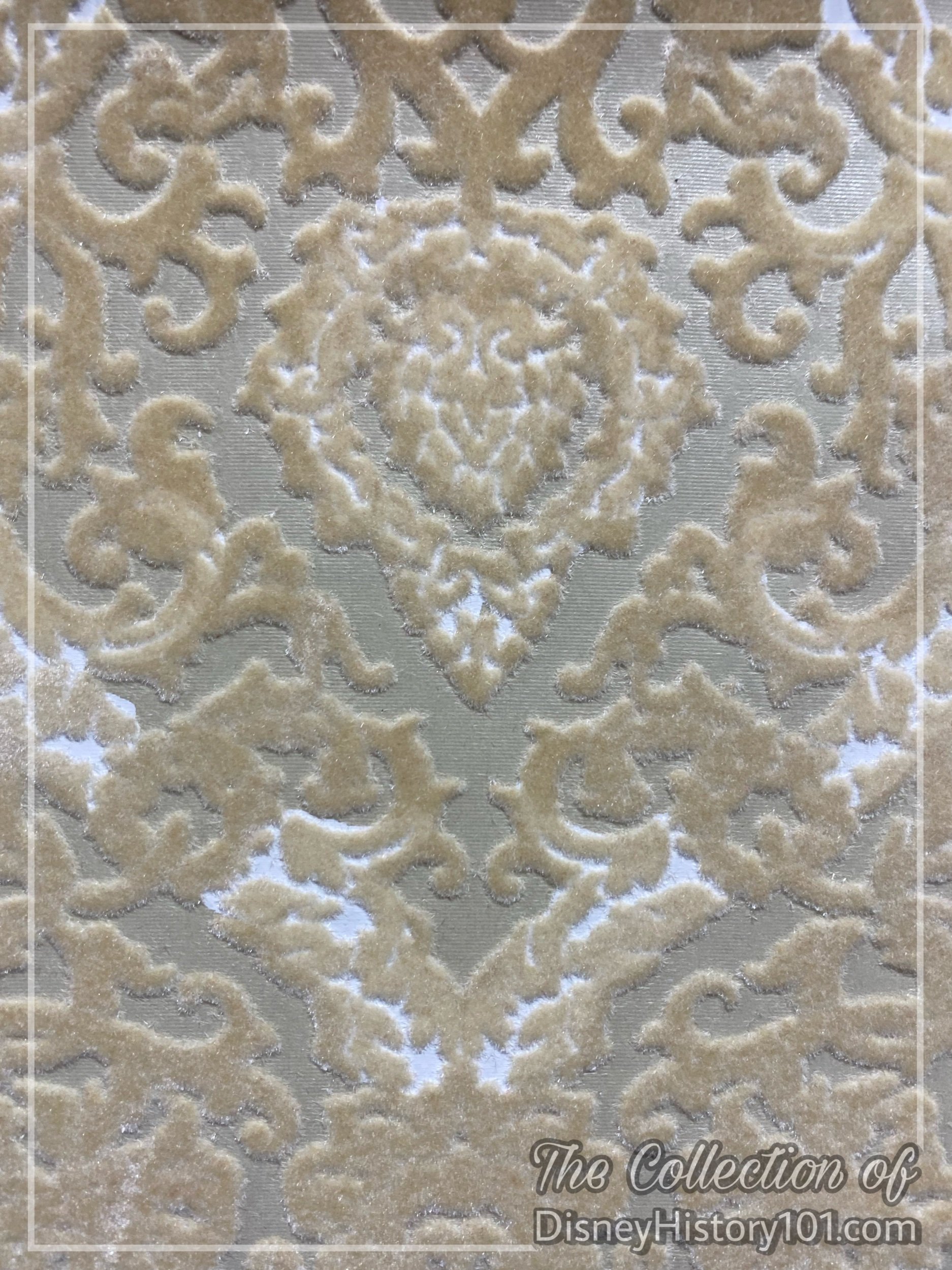
This sample of wallpaper from Walt Disney’s Firehouse Apartment gives us an idea of one element of the original setting enjoyed by guests.
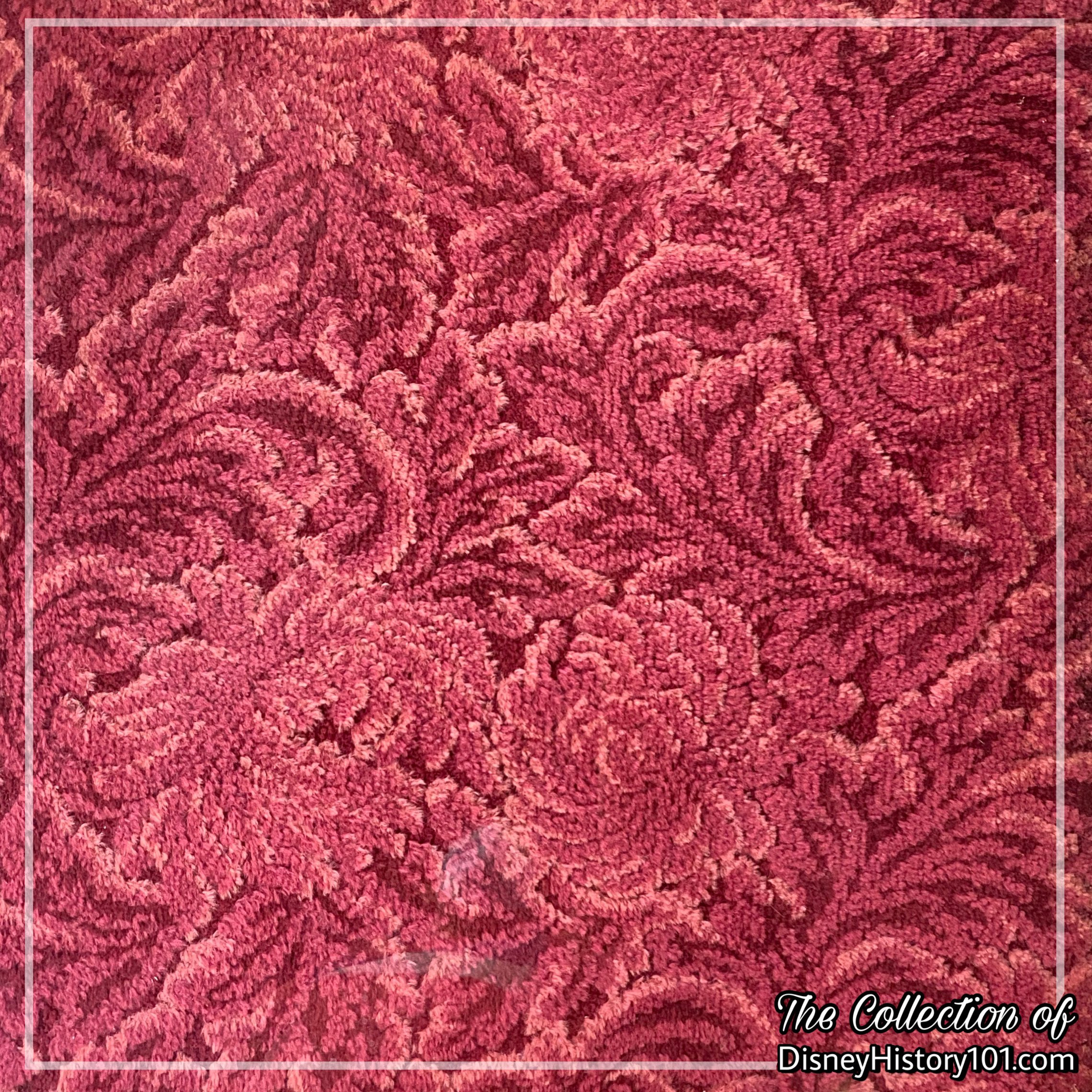

If you would like to read more about the Walt’s Apartment, I highly recommend adding Marcy Smothers’ “Eat Like Walt - The Wonderful World of Disney Food” to your personal Disney Home Library! Therein, Marcy has extensively researched and finely crafted a small section of a chapter “Walt Disney’s Disneyland - Main Street U.S.A.” dedicated to “Walt’s Apartment.” Marcy even shared the contents of a “1959 Memo” which “listed the supplies to be stocked in the apartment.” If you would like to bring the magic of Disneyland restaurants and concessions to your dining room table, “please step this way” toward www.eatlikewalt.com where Marcy has shared a few recipes for memorable Disneyland menu options, so you too can “Eat Like Walt.”

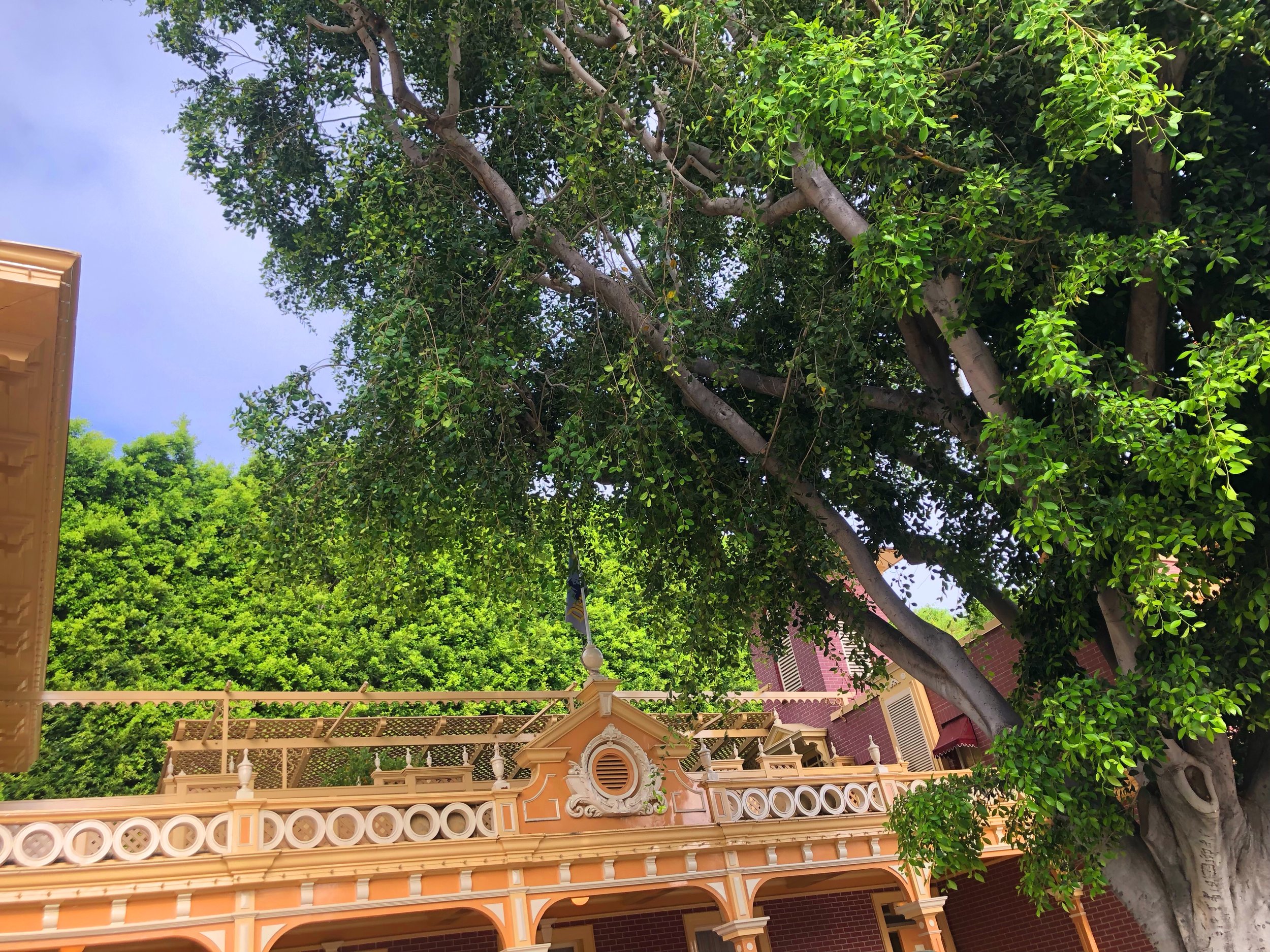
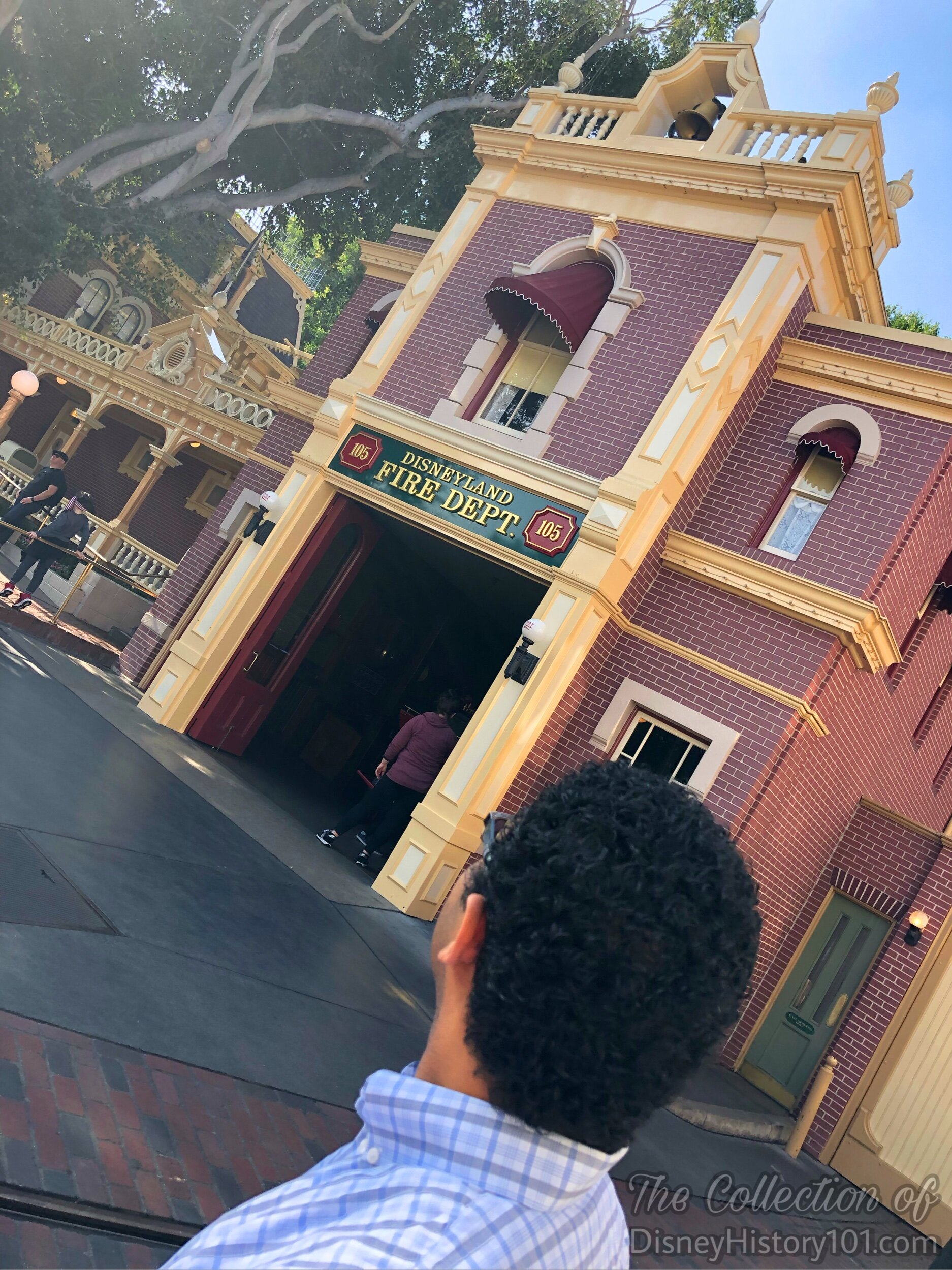
The Disneyland Fire Department would have a legacy in Disney Parks worldwide. In fact (by the spring of 2003), the concept of an “old-time” Disneyland Fire Department was being Imagineered for the south side of Town Square at Hong Kong Disneyland, but with a practice usage of space. The structure was planned to be utilized as a “stroller and wheelchair rental” facility.
While there will continue to be such Fire Department buildings on the Main Streets of Disney Parks worldwide, the Disneyland Fire Department (in Anaheim, California) with its upstairs apartment, will forever be the one and only with the personal imprint of Walter Elias Disney. Today, a light remains lit 24 hours a day, all year long, to remind us that Walt is still here at Disneyland, in spirit.
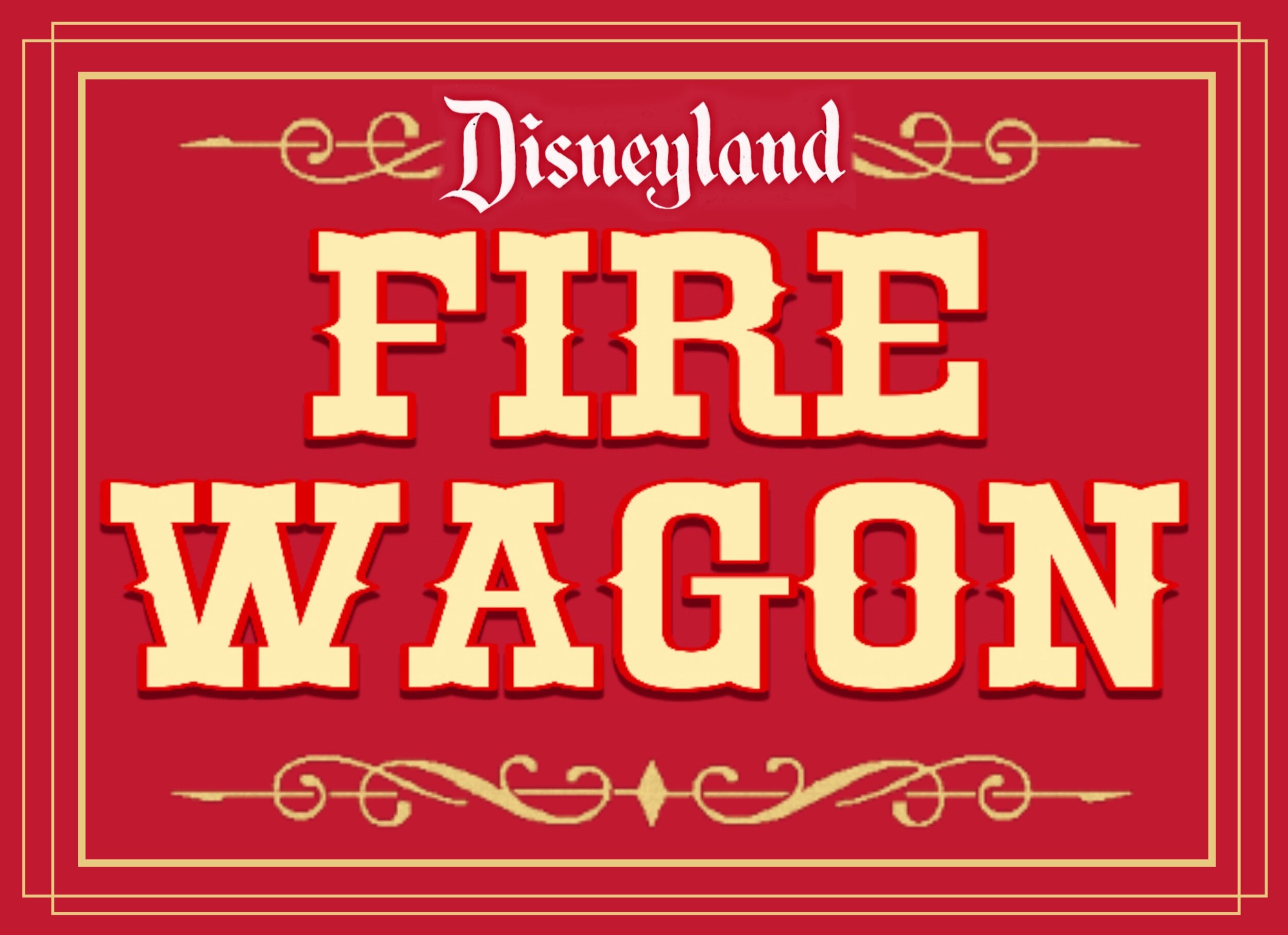
“Walt was reared in the mid-western town of Marceline, Missouri. As with other lands, he wanted Main Street to be a Main Street - authentically recreated to get the feel of a typical small town thoroughfare of the 1900 era with which he was familiar.”
Take a close look at Main Street. “Note the results of years of research to determine and design a composite Main Street of the typical small town of the early century. Note the demanding attention to detail designed and built into every nook and cranny by Walt and his ‘Imagineers’ at WED Enterprises. This same demand for detail is designed into Main Street vehicles.”
At Disneyland there is a "story behind the story" of every attraction, every attraction is a living experience for the guest. Disneyland ride-through attractions or adventures have officially been defined as an “individual show, ride, or exhibit designed to produce an entertaining Guest experience. Disney attractions stir the imagination, enliven the senses, and provide the participants with positive, innovative entertainment, which is the essence of the DISNEYLAND Show.” It is important to review the story of the attraction, tell the story, explain it, and create interest. This is the story of the Fire Wagon.
“Main Street vehicles play an important part in the Disneyland show. First, they are essential to the staging of Main Street, U.S.A. The contrast to the hustle and bustle of our modern world and its streamlined modes of transportation is sharp and penetrating. Suddenly, as a guest comes onto Main Street, the entire mood changes. The years roll backward. back to Main Street, U.S.A., circa 1900. It wouldn't be Main Street without the leisurely clop-clop of a horse-drawn surrey, or the chug-chug of a horseless carriage.”
Second, they serve as much-needed transportation for our guests. They provide a convenient and colorful way to reach the heart of the Magic Kingdom - or back to Town Square after a long day in the Park. Third, hosts assigned to operate these vehicles play an important part in answering questions - giving tips and directions - to guests who are either starting out or winding up their day at Disneyland. Their role falls into what might be called our ‘first impression - last impression’ group. They can start guests off on the right foot - in the right mood, and send them away with a warm feeling - and a desire to come back.
Three years before Disneyland acquired an antique fire engine, guests could “be a fireman” and “answer the alarm” on Disneyland’s very own horse-drawn fire wagon! At the time, there were already several other horse-drawn vehicles in Disneyland - the Main Street Surrey, as well as the Frontierland buckboard & Stagecoach. Grandmother and Grandfather could reminisce about the good old days while riding aboard these “vintage” vehicles of their youthful era. However, among this lot of vehicles, there was just one Disneyland Chemical Wagon.
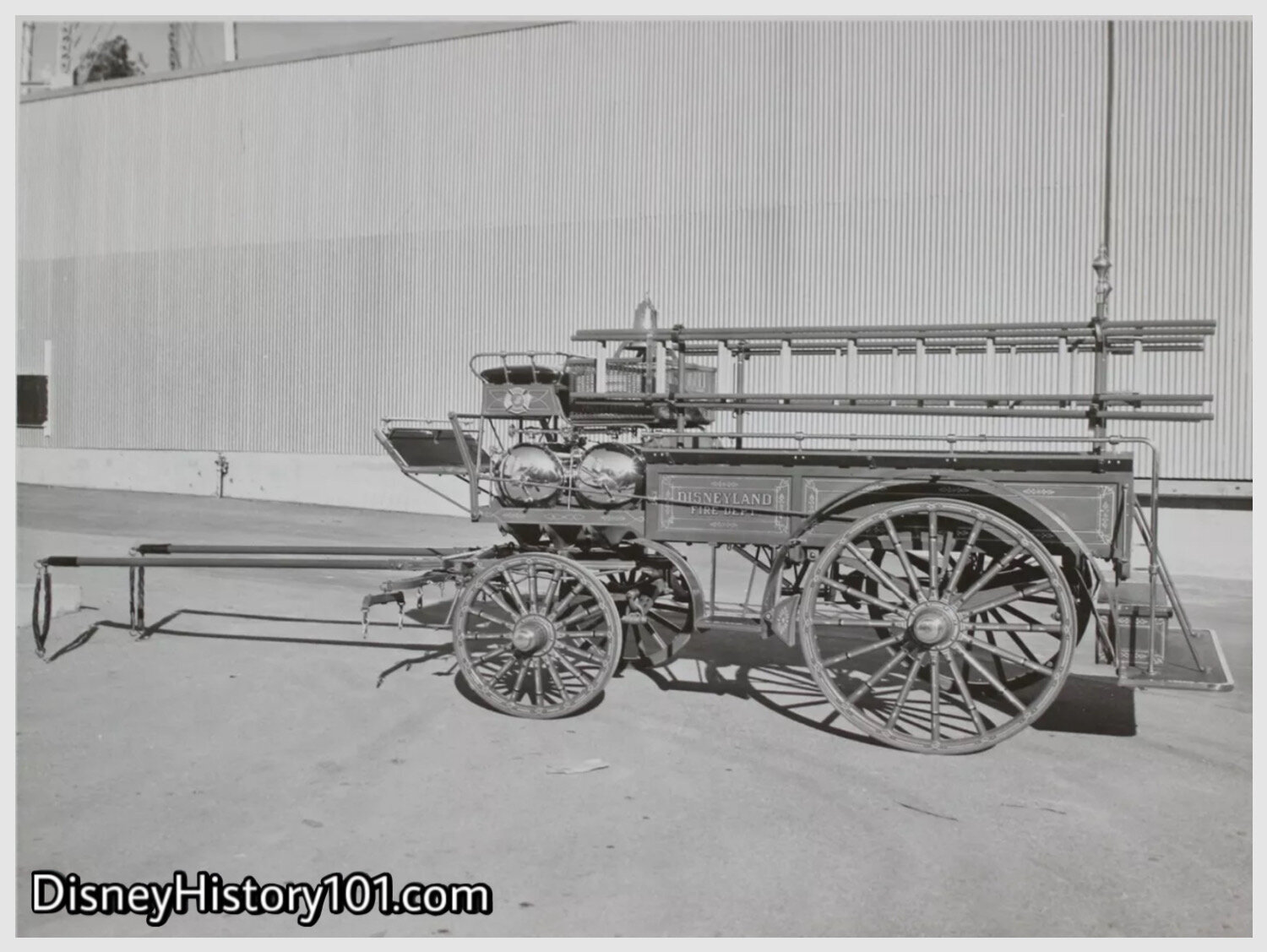
The Chemical Wagon was one of several horse-drawn vehicles constructed on the Walt Disney Studio Lot. Horse trainer (and temporary Walt Disney Studio resident) Owen Pope helped design this vehicle, while Walt Disney Studio carpenter Ray Fox helped construct this re-imagining of a late nineteenth-century Chemical Wagon.
While one authorized “Disneyland Nomenclature List” (prepared by Bill Cottrell by of Disneyland Inc., May 25, 1955) soon described “1 Horse drawn fire engine” with a “3 horse hitch,” two horses would typically be used to pull the final vehicle. According to “Walt Disney Disneyland” (published 1964): “To recreate a fire engine that might once have answered the alarm in a small American village at the turn of the century, studio men designed a chassis and then poured through standard catalogs for unlikely but practical equipment: a jeep rear axle, a three-speed truck transmission, the power plant of a small pickup truck, standard drive line parts.”
“In 1954, Day Sechler [sic] went to the STUDIO, where he helped Owen Pope make street cars, surreys, stage coaches and even a fire engine.”
Necessary firefighting implements were placed as props, around the apparatus. There were shiny chrome sulfuric acid tanks placed under the driver’s bench. Instead of soda-acid tanks in the rear, guests would sit on one of two rows of benches. The ladders were even rearranged to serve as railings to the passengers.
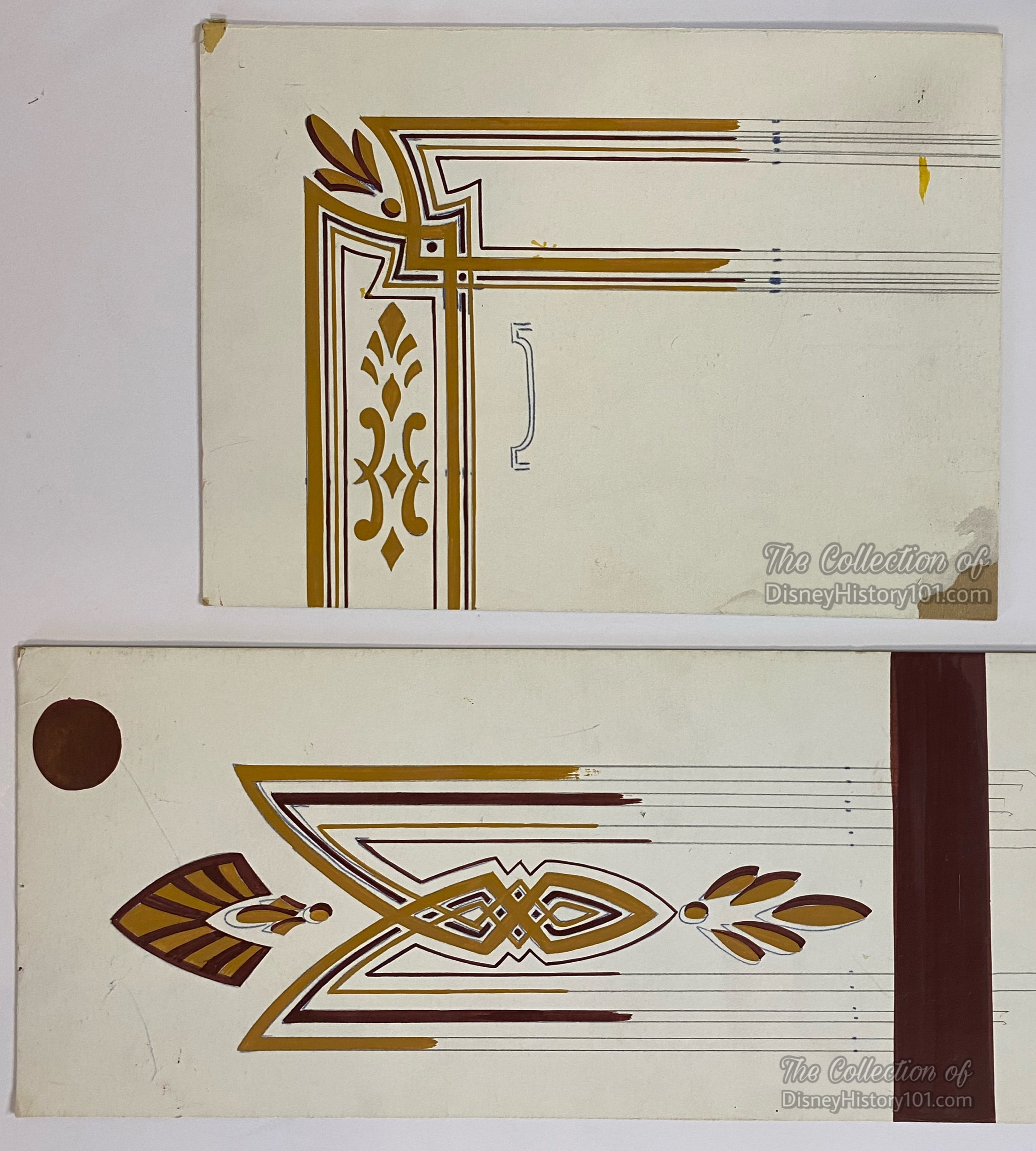

There’s a story that speaks volumes of more than the craftsmanship of the Main Street vehicles: “A staff member was concerned that the Main Street vehicles would be vandalized. Walt discarded the notion. ‘Don’t worry about it. Just make them beautiful an you’ll appeal to the best side of people. They all have it… all you have to do is bring it out.” [“The Spirit of Disneyland,” page 43 ; Prepared 1984 by Walt Disney Productions.] And so with an optimistic view of Disneyland Guests in mind, these particular Main Street vehicles were born.
While most employees of Disneyland attended an orientation program, during this era, there were many who worked on The Pony Farm at Disneyland, who did not. Van Arsdale France remembered: “I think I managed to schedule almost everyone through orientation, with one exception. My only failure was with the people who were to operate the horse drawn vehicles. This operation was controlled by a crusty man named Owen Pope, whose headquarters were in what is still called ‘The Pony Farm.’ When I cornered him, he explained by saying, ‘Van, you're dealing with people people. We're horse people out here.’ He finally sent me one or two of his men. But, he was. doing his own training program.”
Before the Park opened, the Belgians, Percheron, Clydesdales, and Shire-Percheron cross-breed draft horses that pulled the Main Street vehicles (the Surreys, and Hose and Chemical Wagon, included) were prepared for the noises that they would hear once On Stage on Main Street (and other parts of Disneyland). Van Arsdale France once wrote: “He [that is, Owen Pope] was worried about the horses ‘spooking’ with all the sights and sounds of Disneyland. So, a recording of sounds from arcades and shooting galleries, and yelling kids made up. This was used as an audio aid for horse training. Since the horses were not directly on the payroll, they had to be carried as assets. All were given names. They all received names of people in accounting.
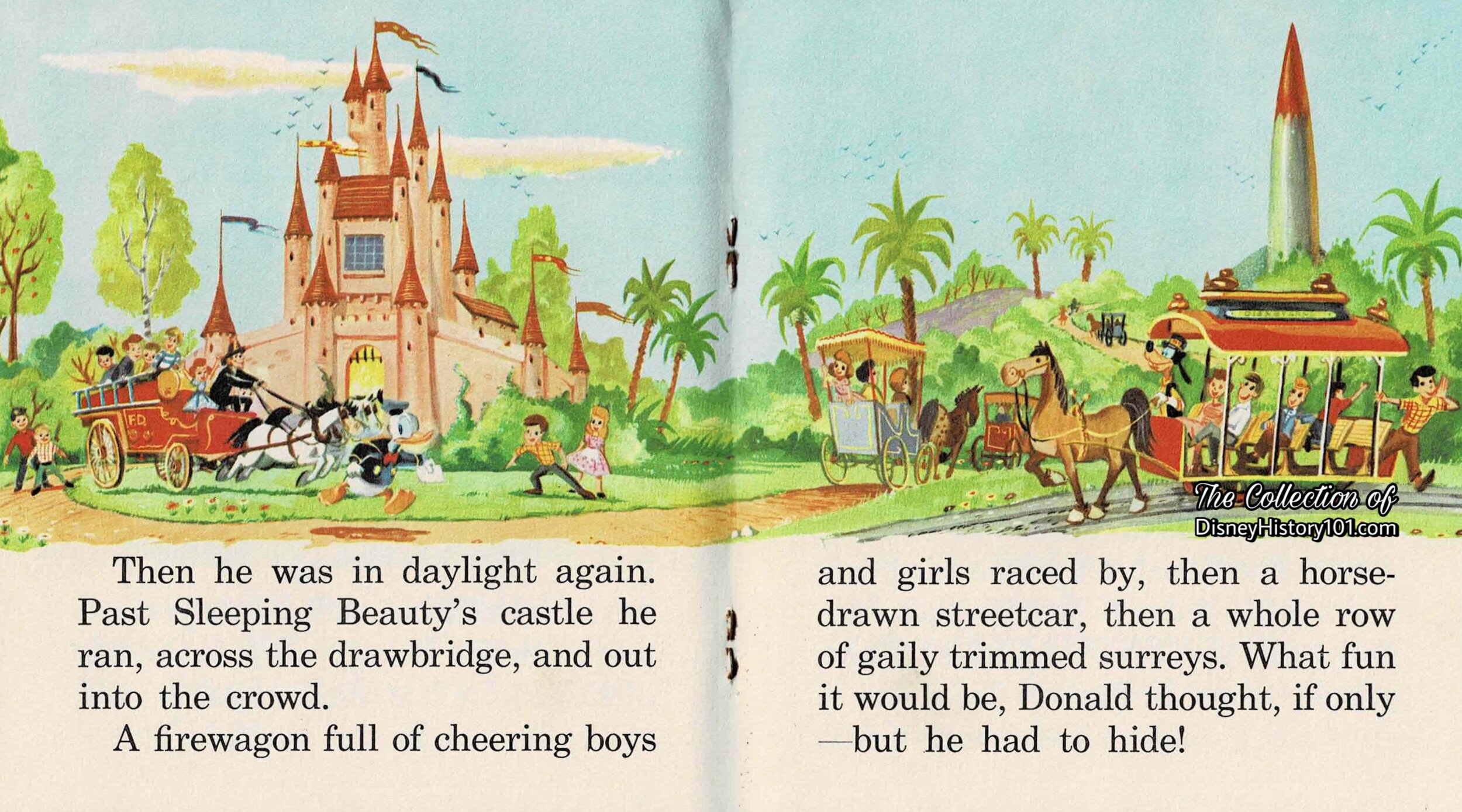
Some pre-opening day licensed merchandise (like the children’s book pictured above) prepared Disneyland guests for adventures in store on July 17th, 1955.
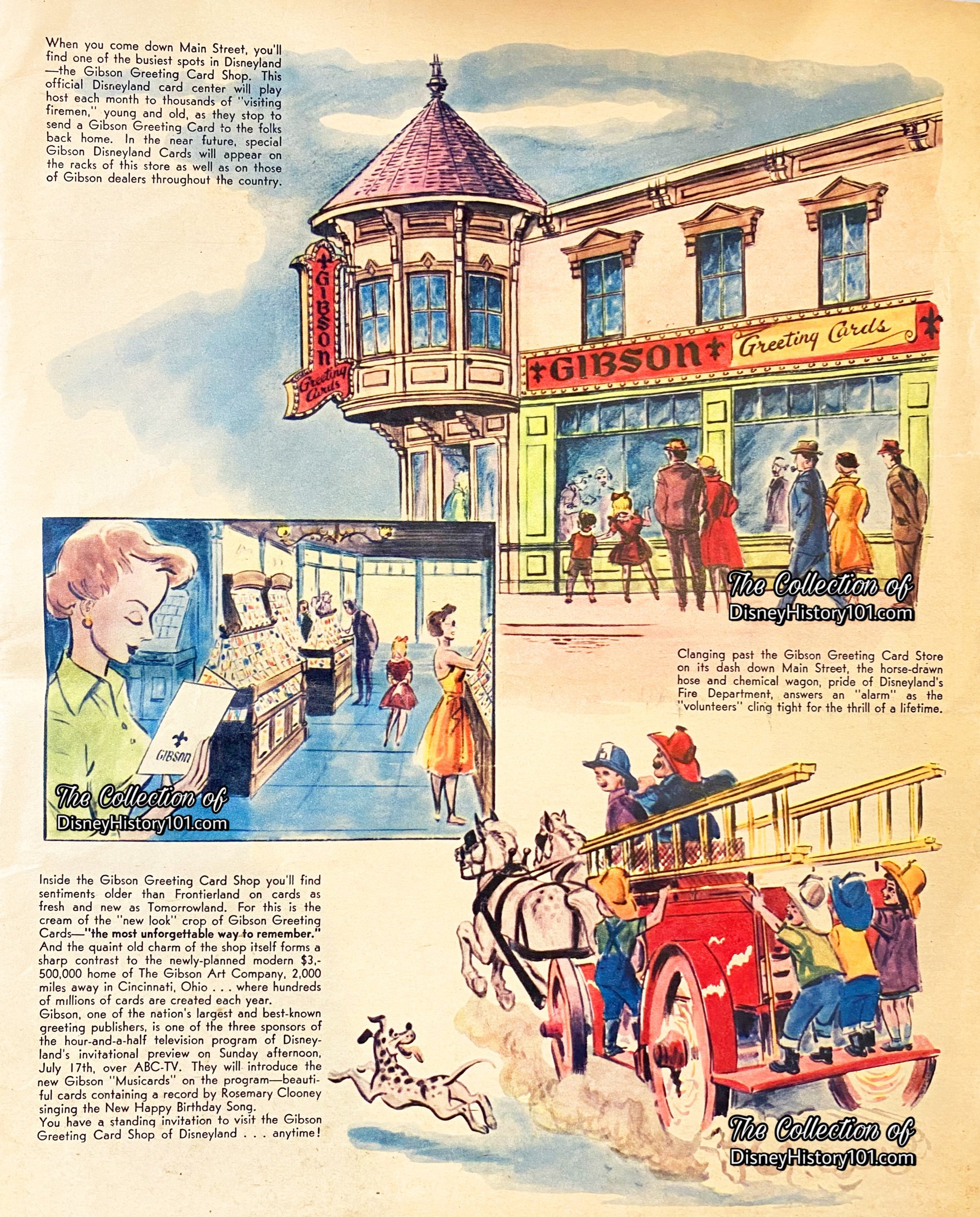
Two days before the televised Press Preview event at Disneyland, a newspaper supplement (published for July 15th, 1955) included this preview of the “horse-drawn hose and chemical wagon.”
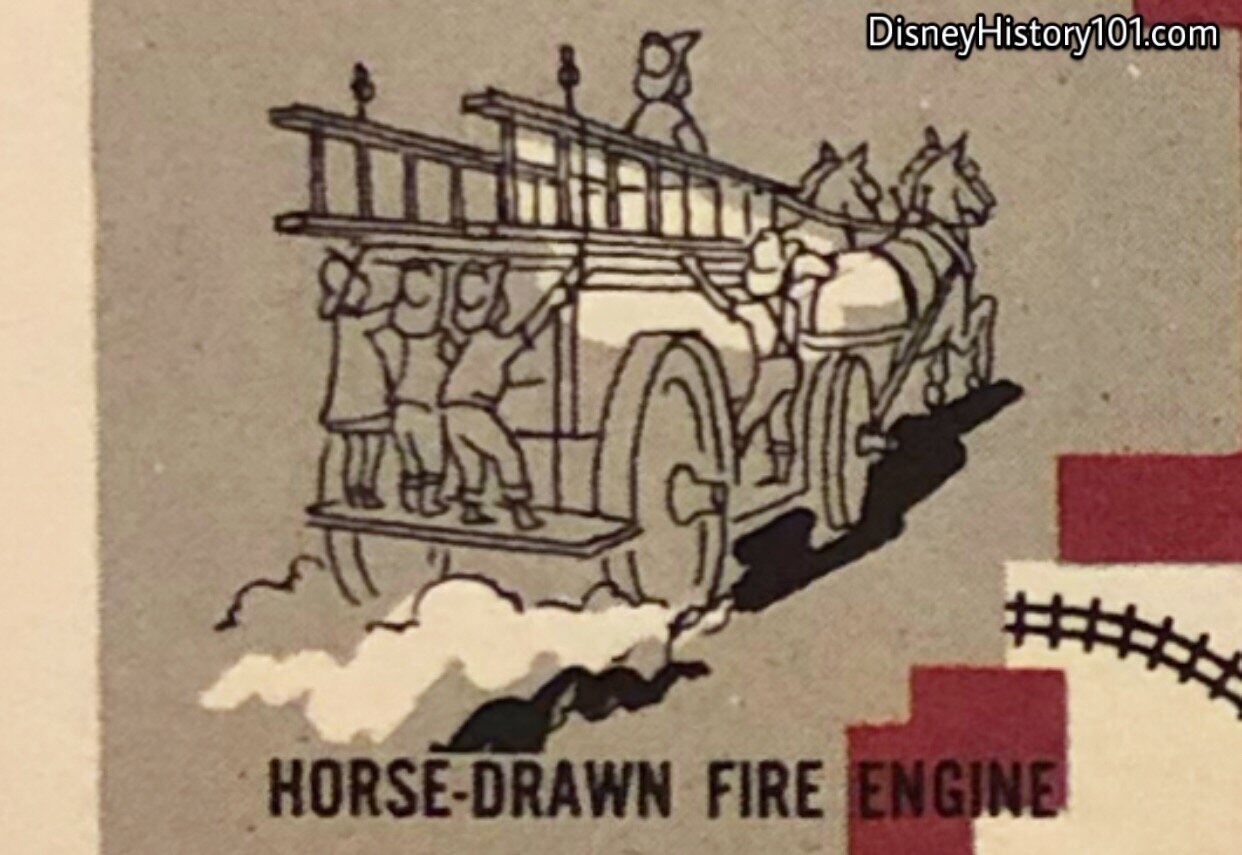
The Chemical Wagon (variously referred to as the Horse Drawn Fire Wagon, and the Horse Drawn Fire Engine) was originally 1 of 22 initial major attractions at Disneyland. In fact, in advertisement for the Park’s many adventures, some box backs of Cheerios featured colorful artwork (in the form of “Disneyland Park Light-Up No. 15”) highlighting the “Fire Company Hook and Ladder on Main Street - Disneyland Park”.


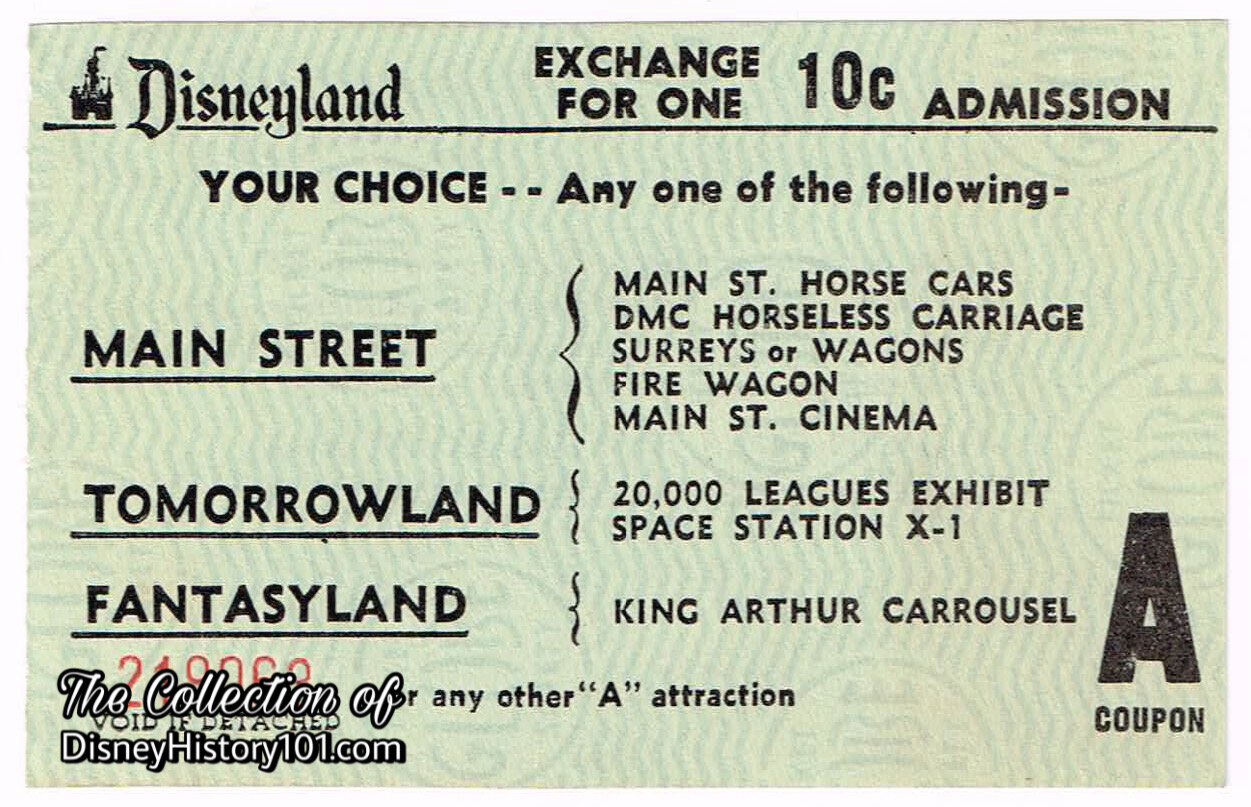
The popular Chemical Wagon remained in service to Disneyland for five years (from July 17, 1955 - September 11, 1960), before being retired. During this time, admission for a one-way ride (during 1958), was one “jumbo” “A” coupon (the price of 10¢, for one adult) - the same as the 20,000 Leagues Under the Sea Exhibit, the Omnibus, or the later “motorized Fire Wagon”!
By October 1958, the “Disneyland Dictionary” commented: “There is one (1) horsedrawn fire engine, typical of the 1900’s. (operates in peak seasons.)” As to the route, the same publication states: “Town Square, down Main St., Circles Plaza. Return trip - Plaza, Main Street to Depot. Serves as Main Street transportation.”
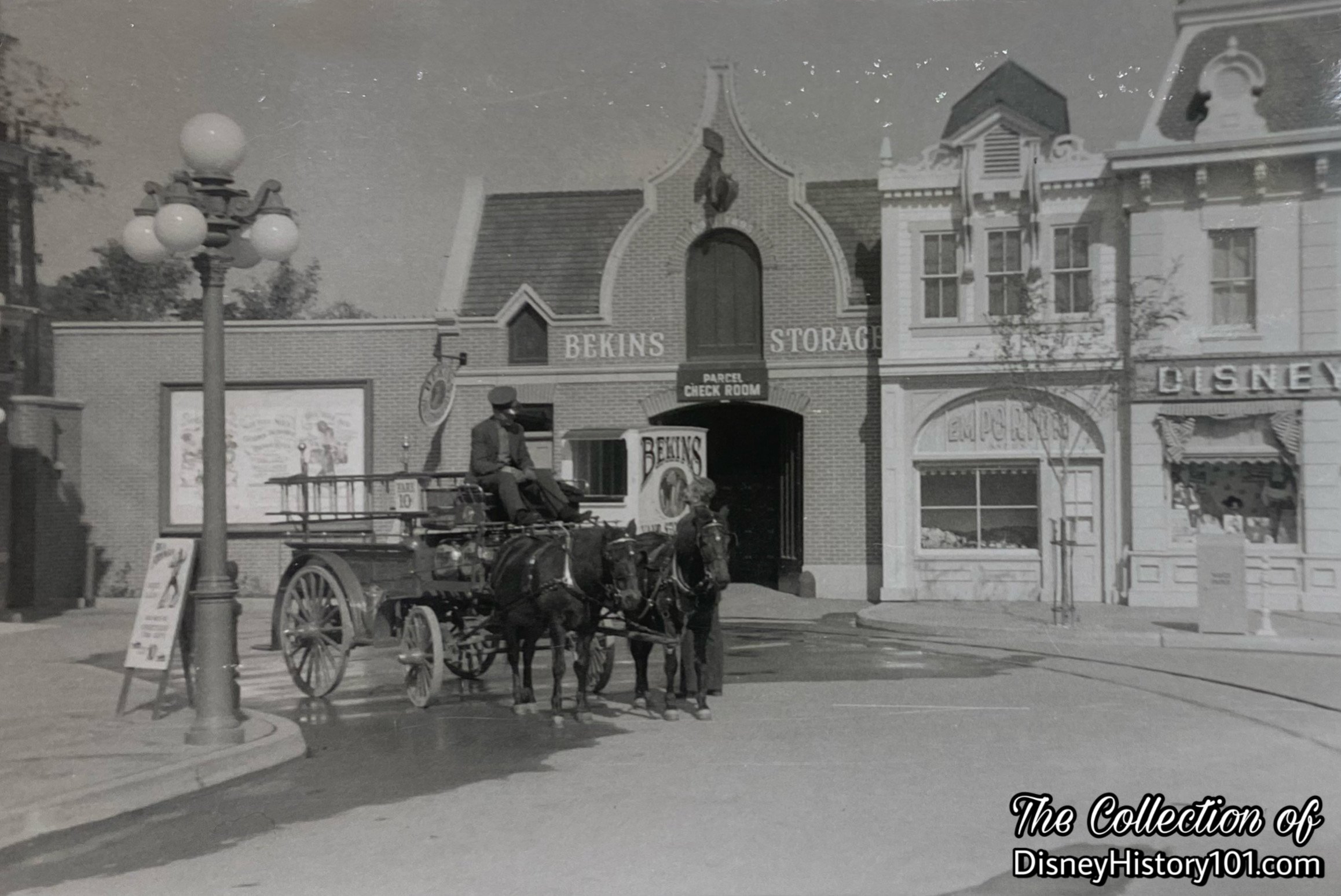
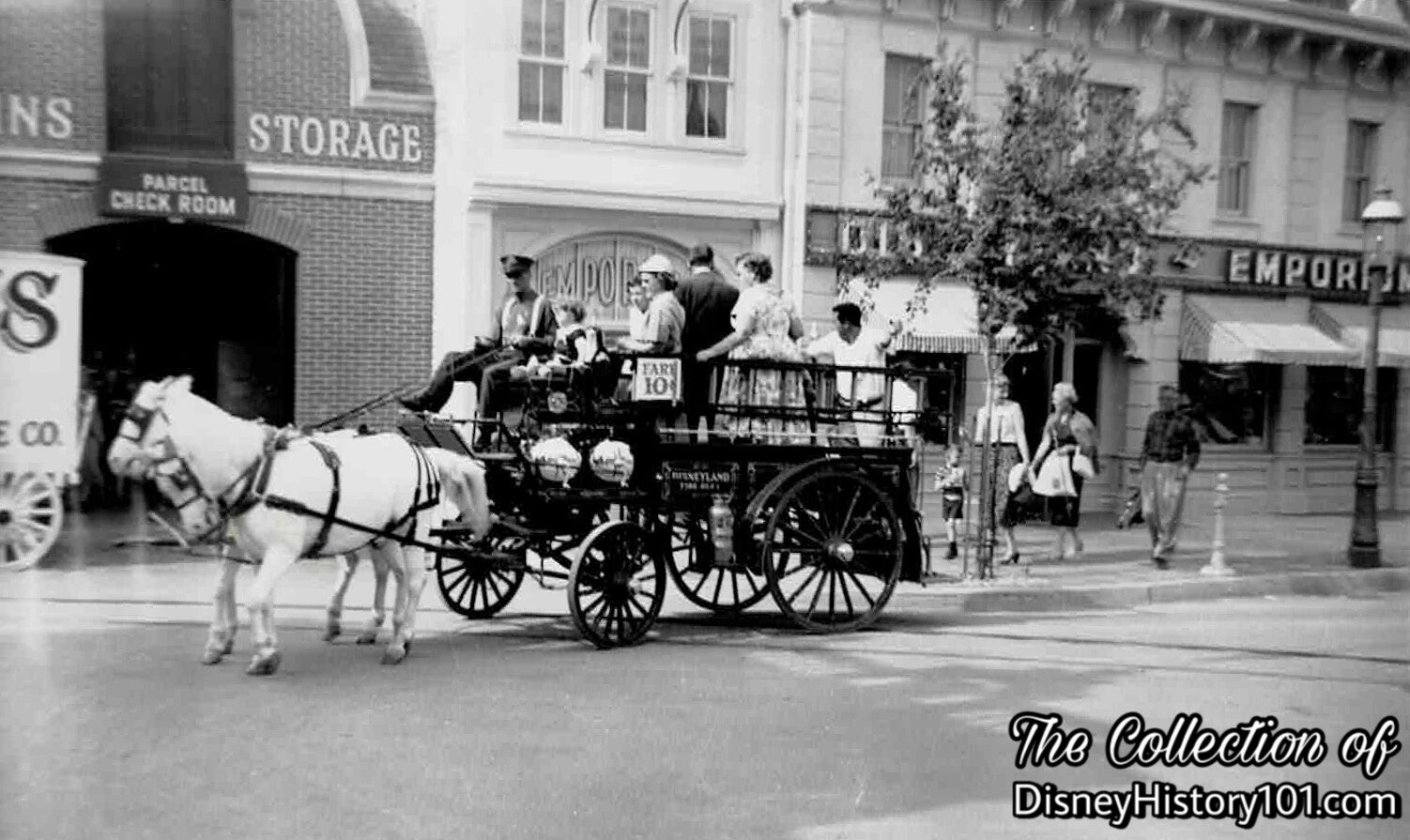
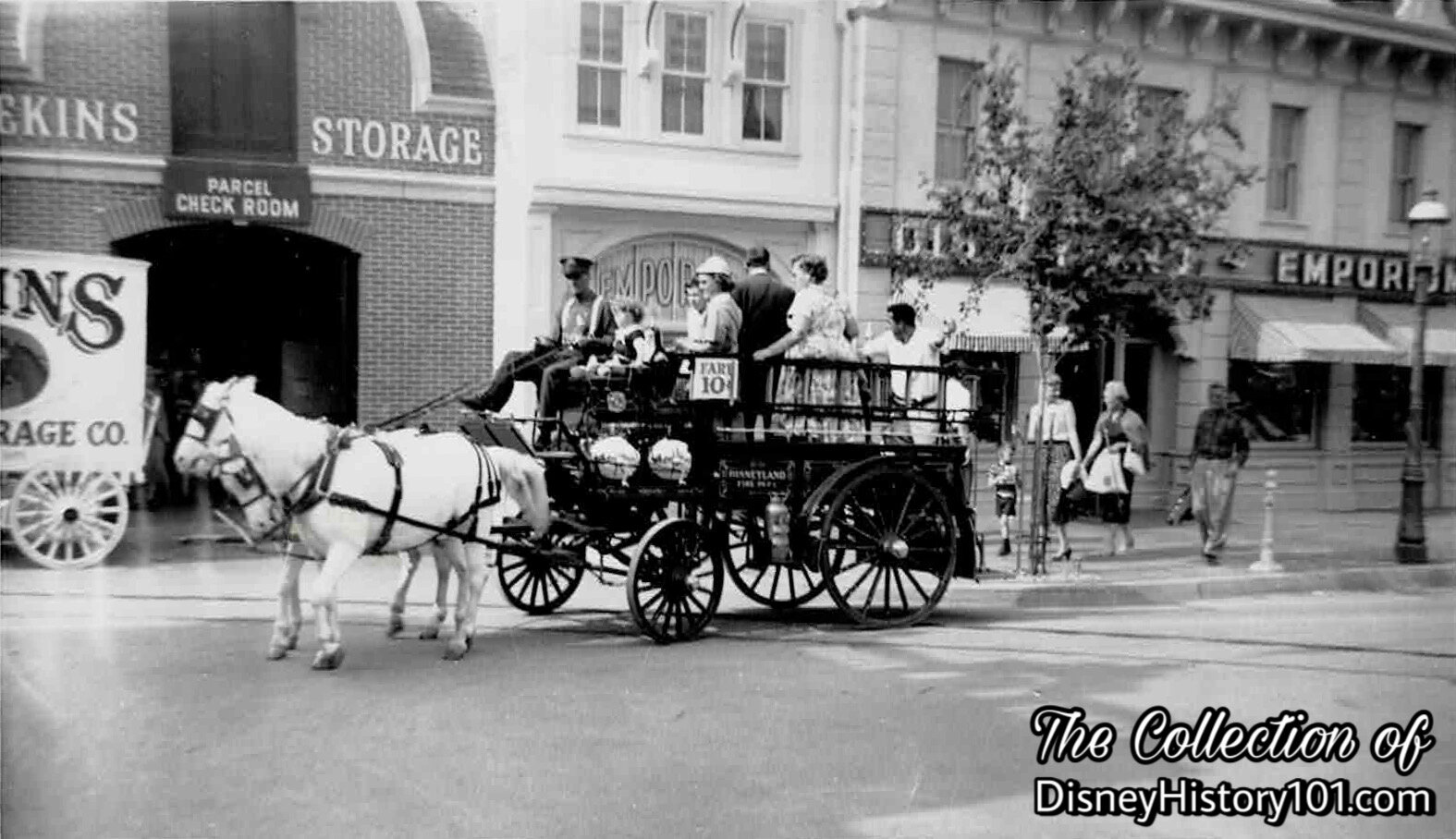
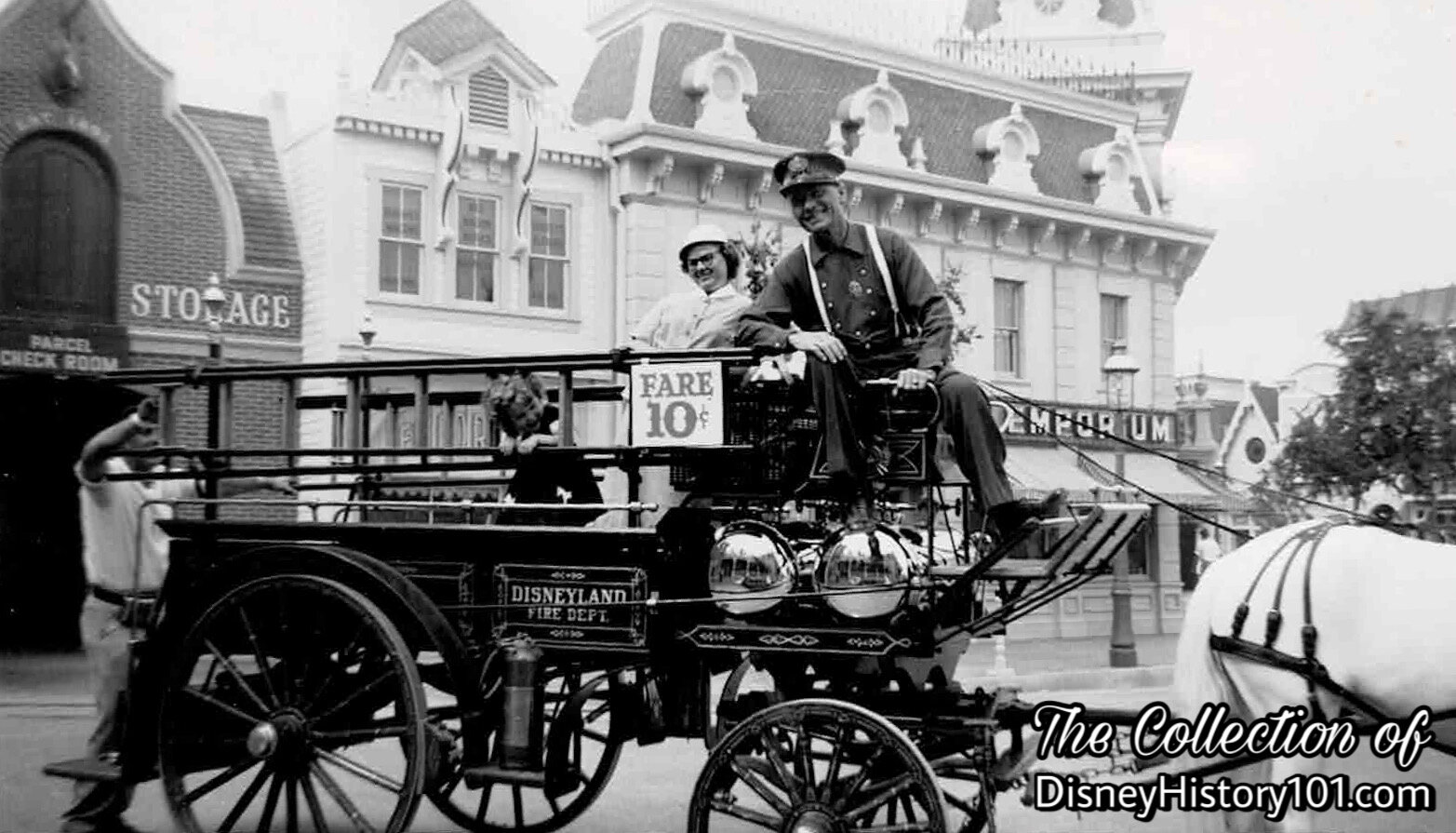
A Disneyland Fire Wagon Driver proves that a smile was essential, and a genial and friendly personality was the Disney style.
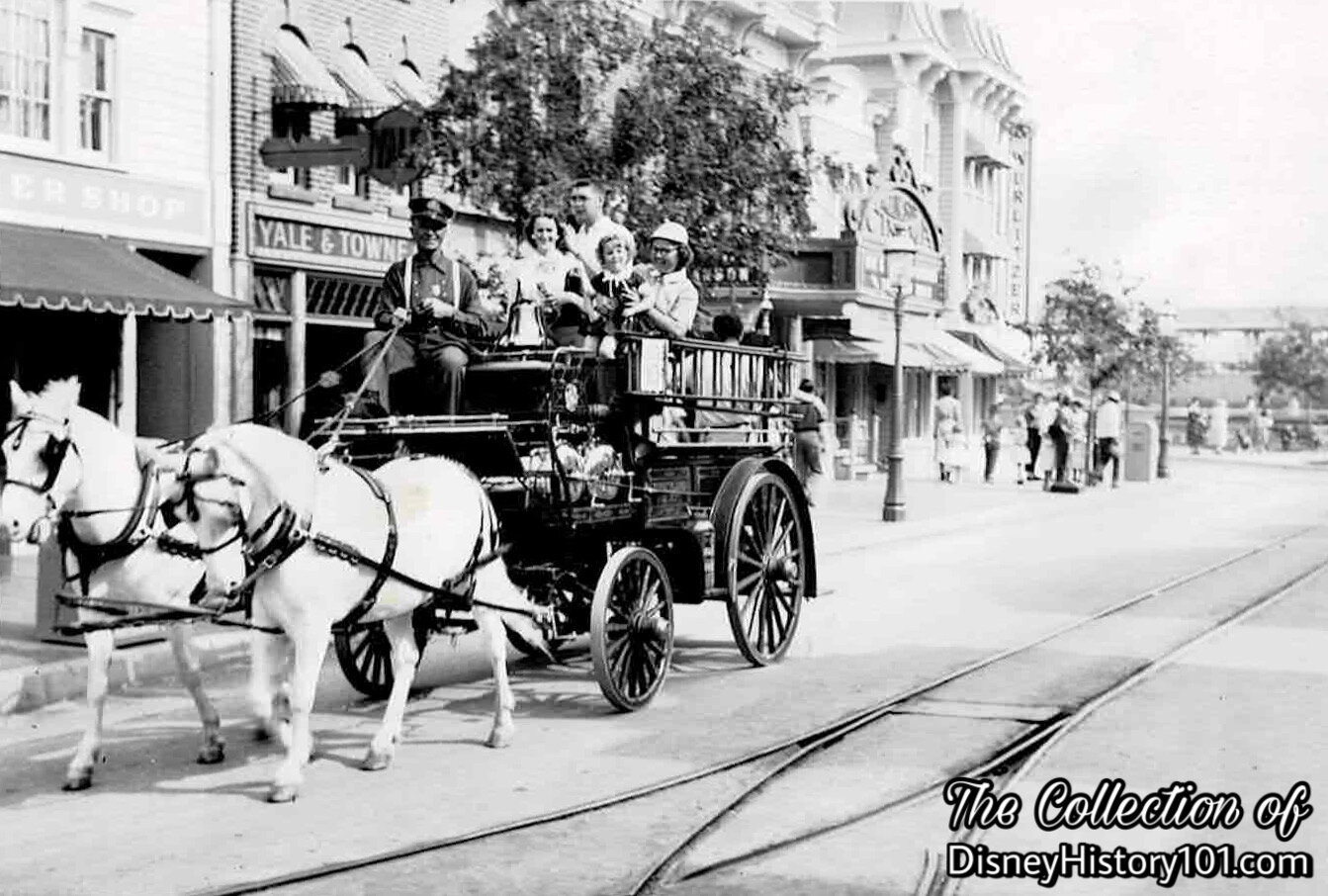

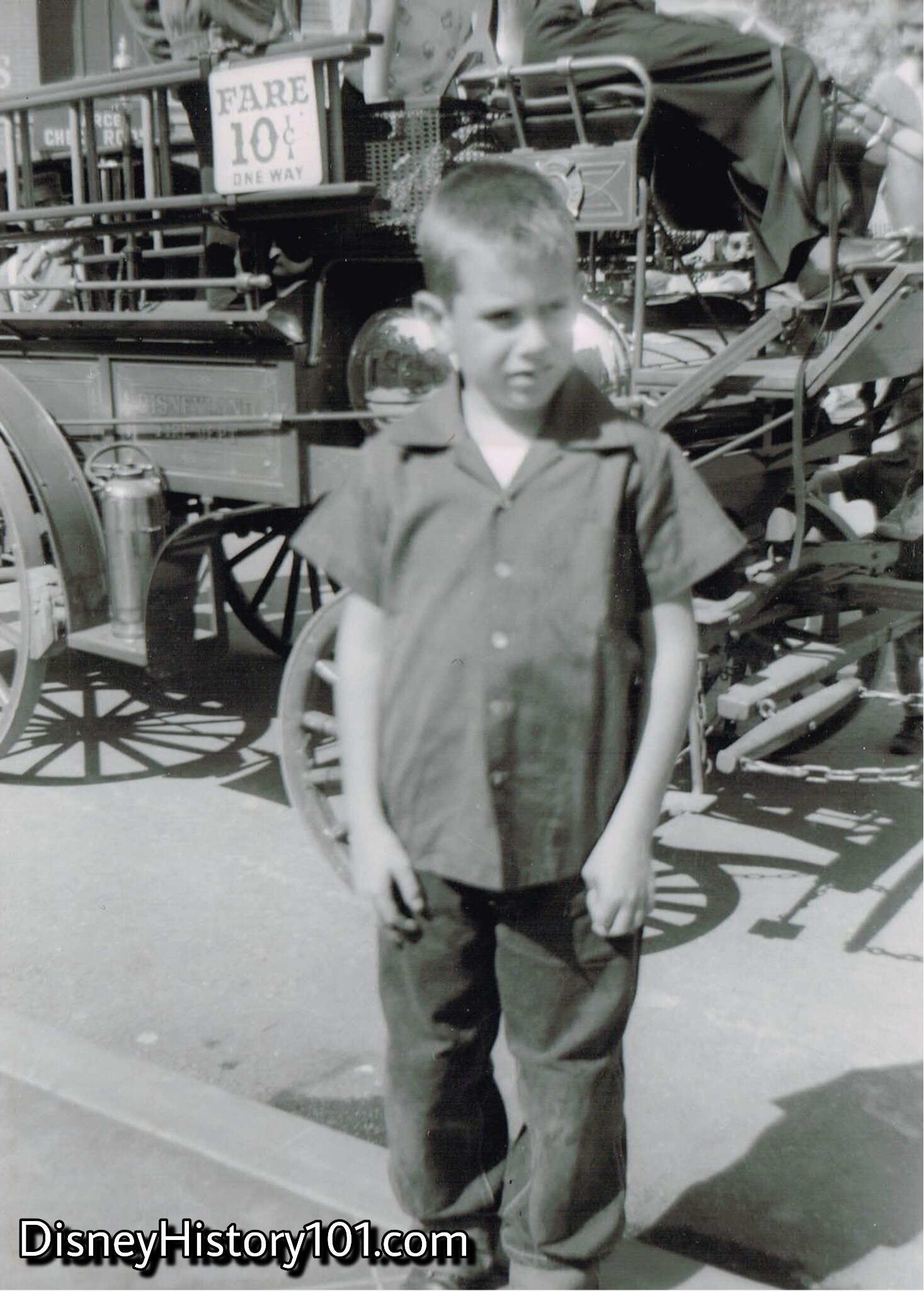
This young honorary fireman looks like he’s “ready to answer the call”. Are YOU ready to answer the call?
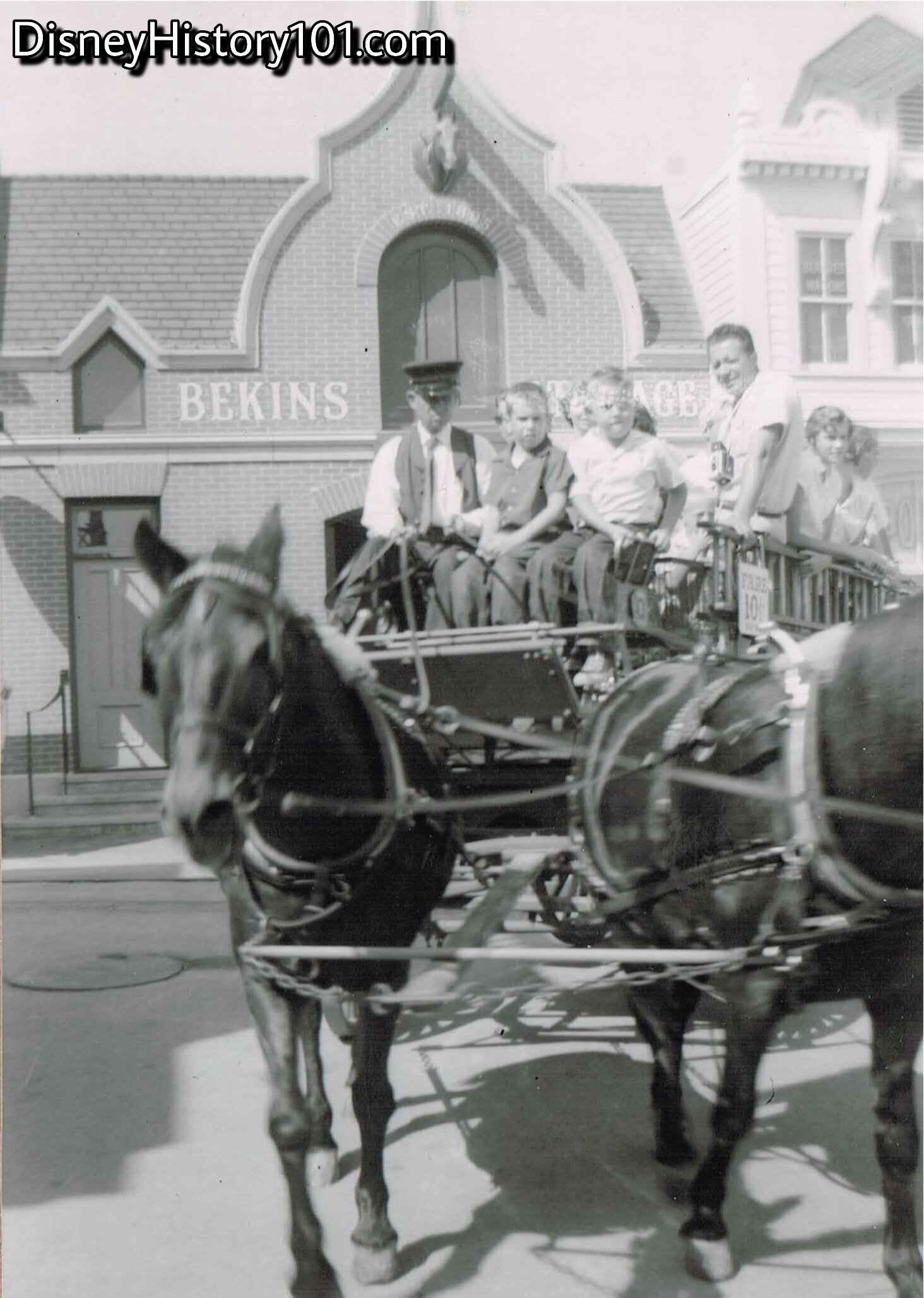
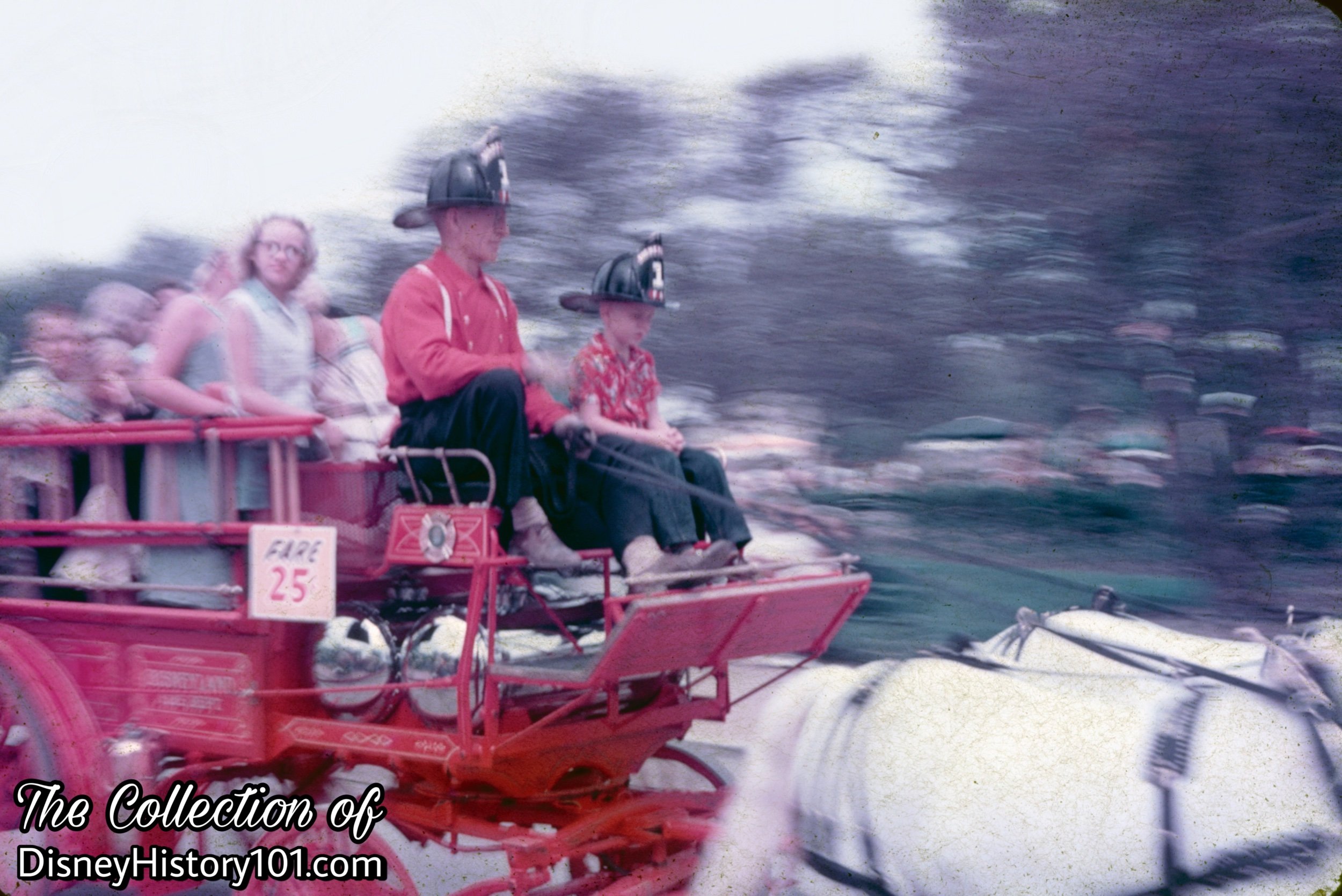
“Yes-Junior, and even Dad can answer an ‘alarm’ and ride to a ‘fire’ behind the department's gallant steeds.”
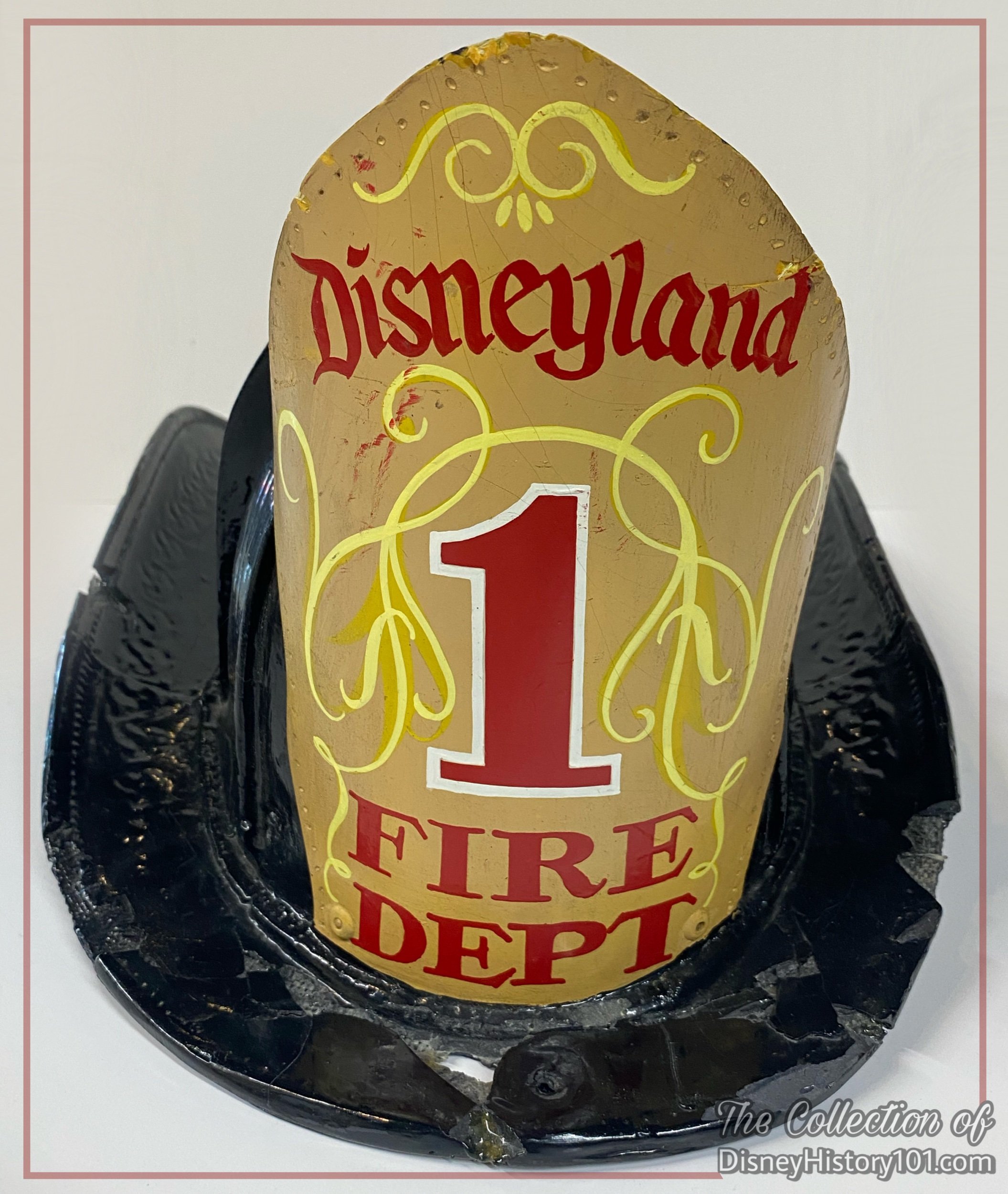
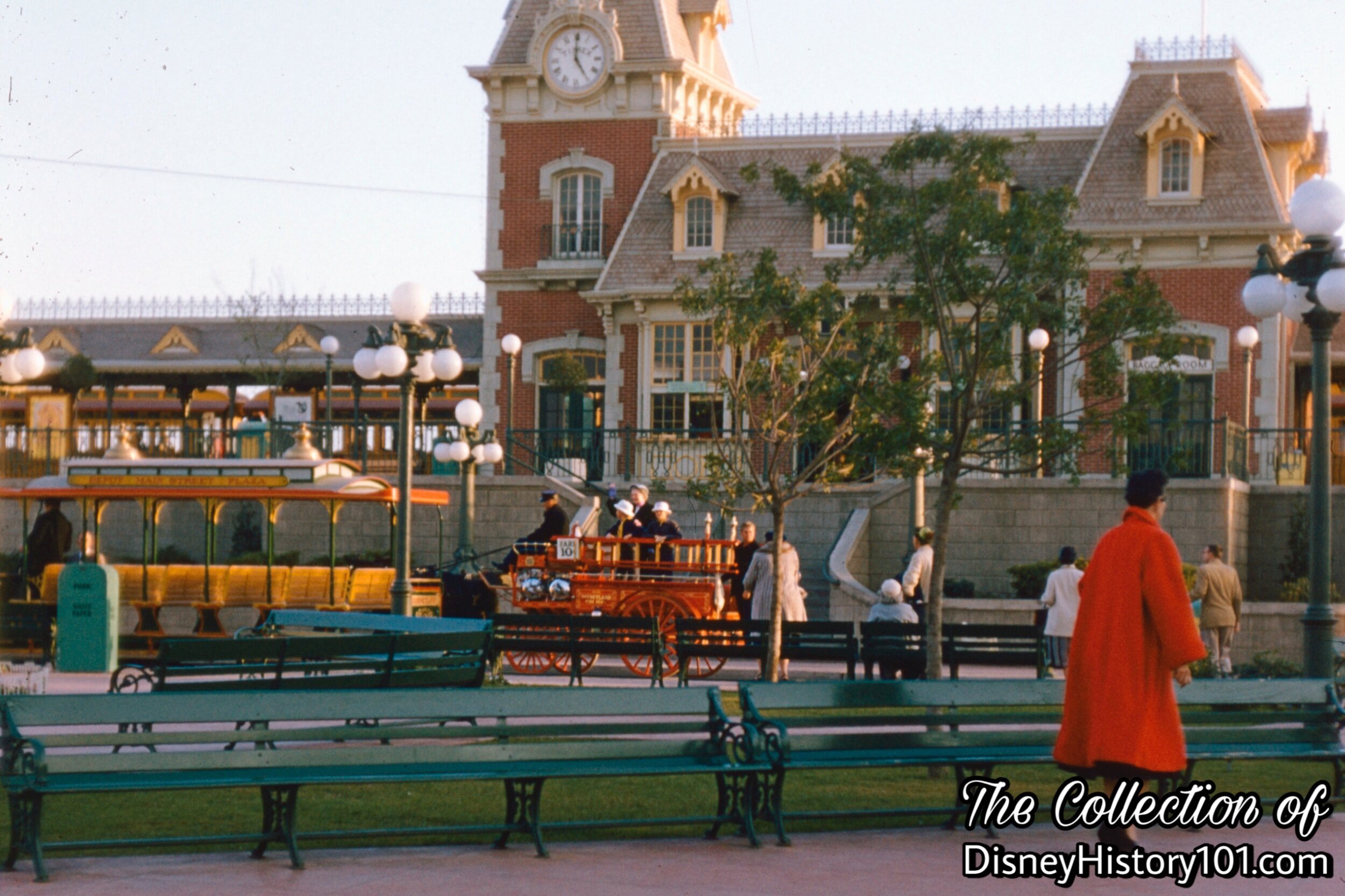
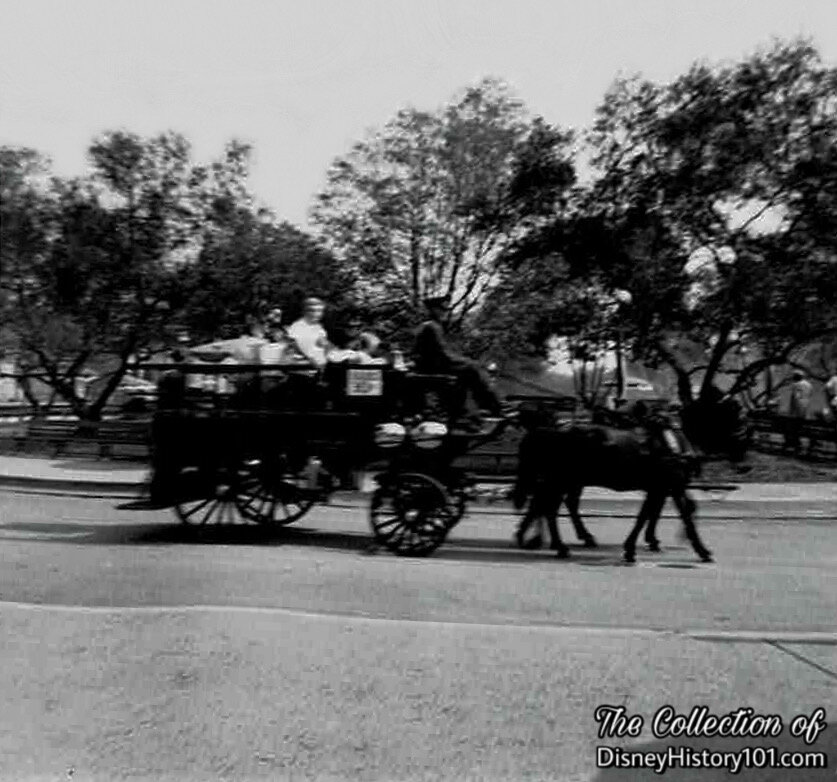
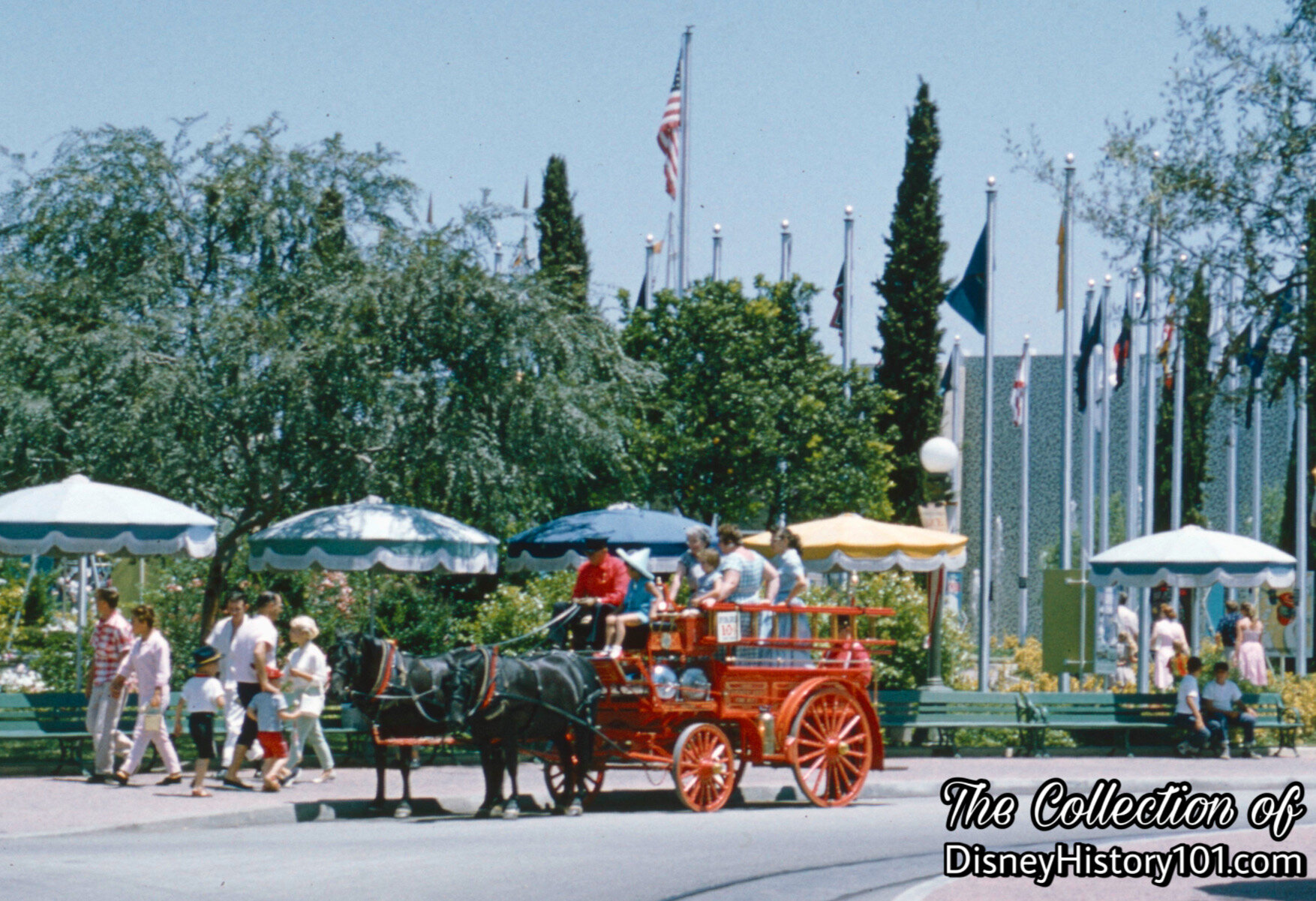
By September 28, 1958, Bank of America appraised the Fire Wagon (considered a Park Asset) and valued it at $6,056.
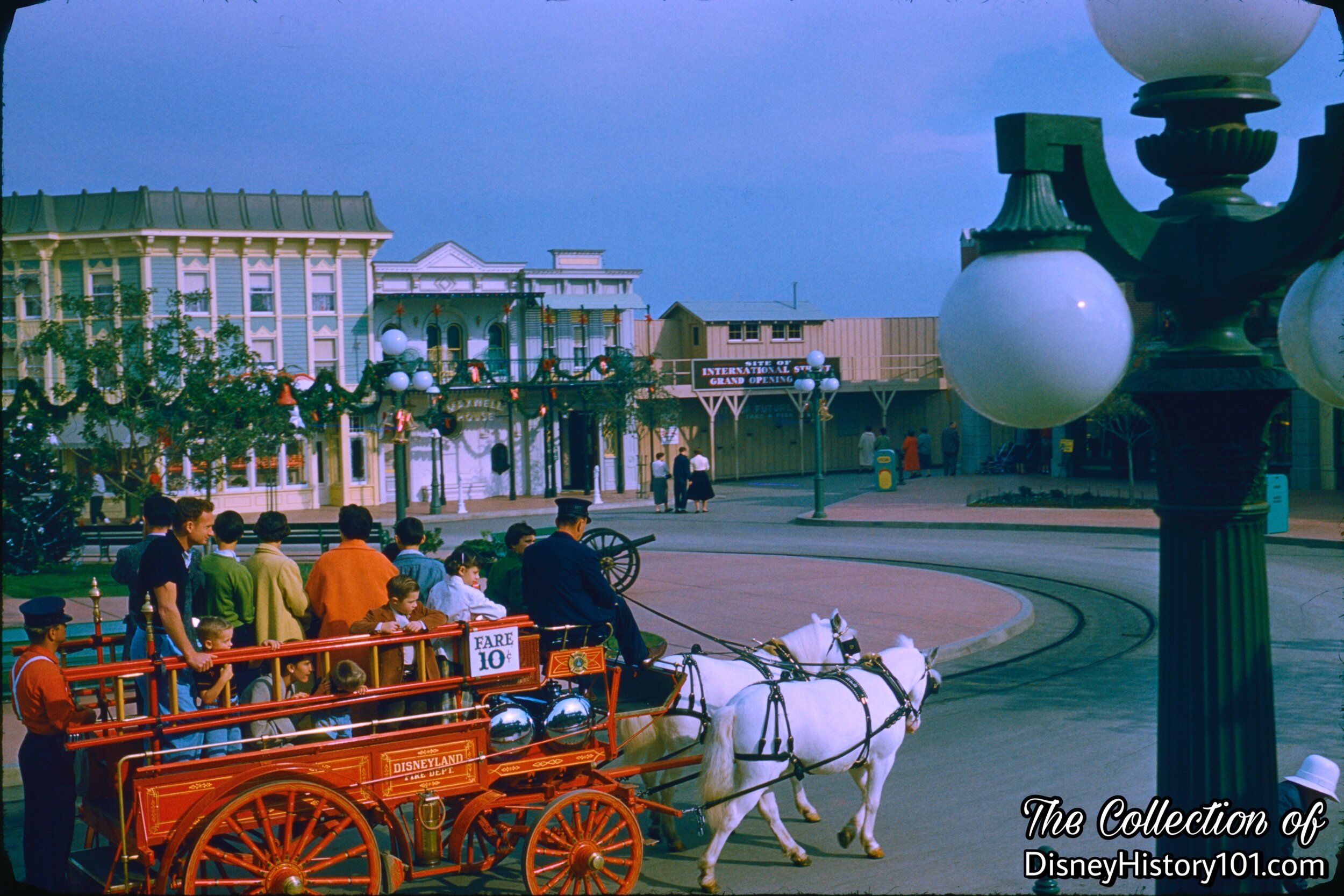
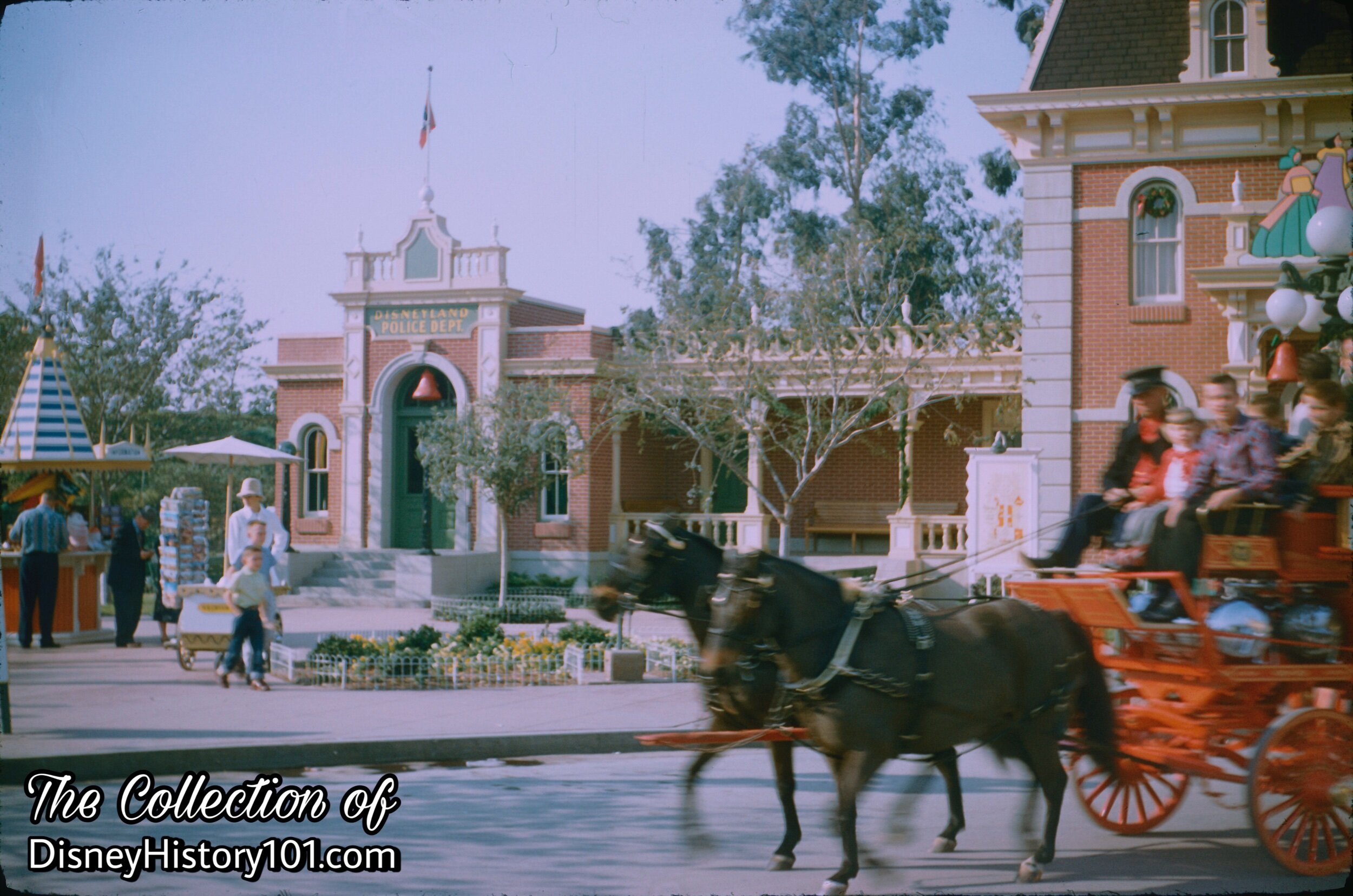

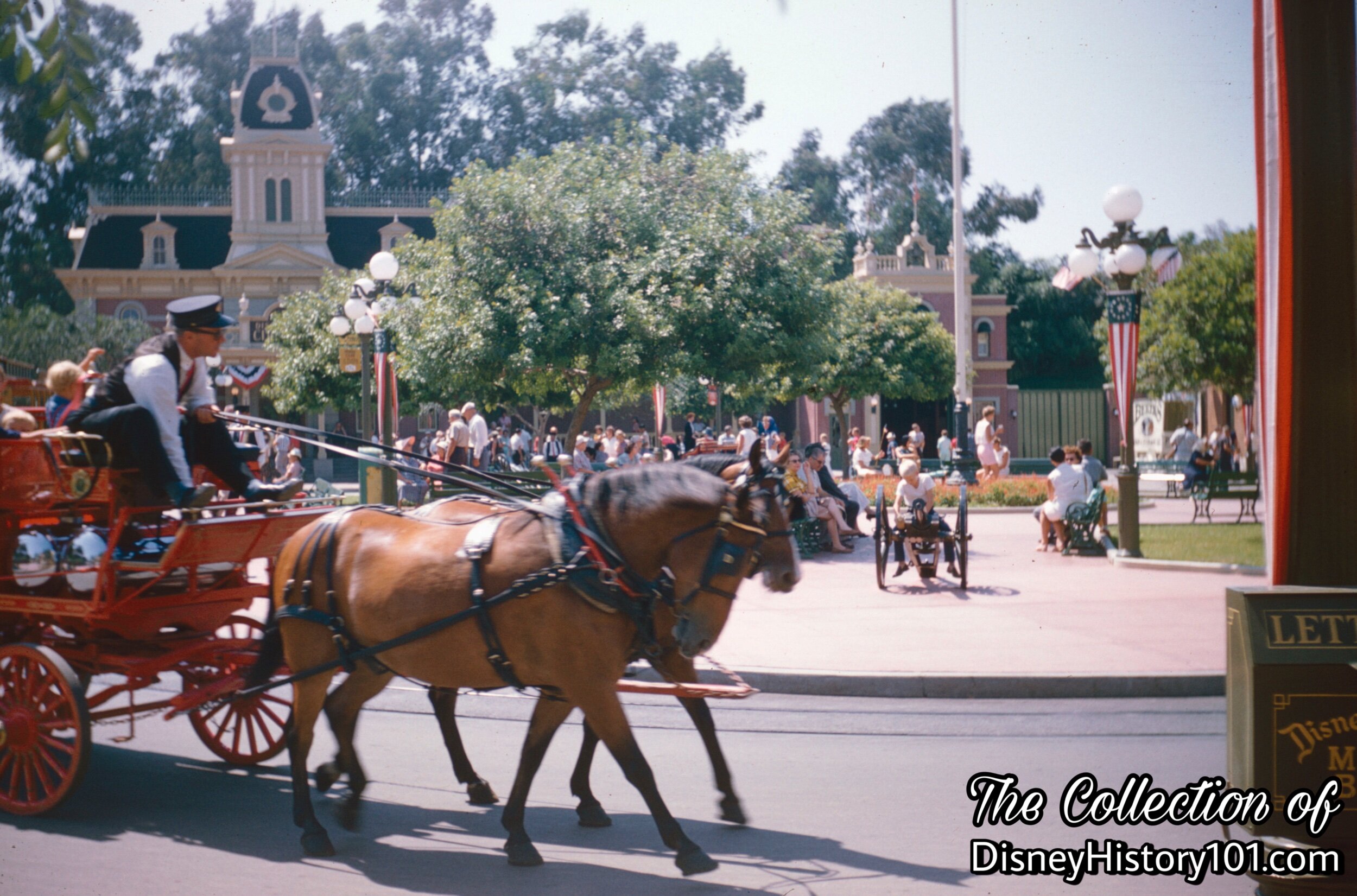
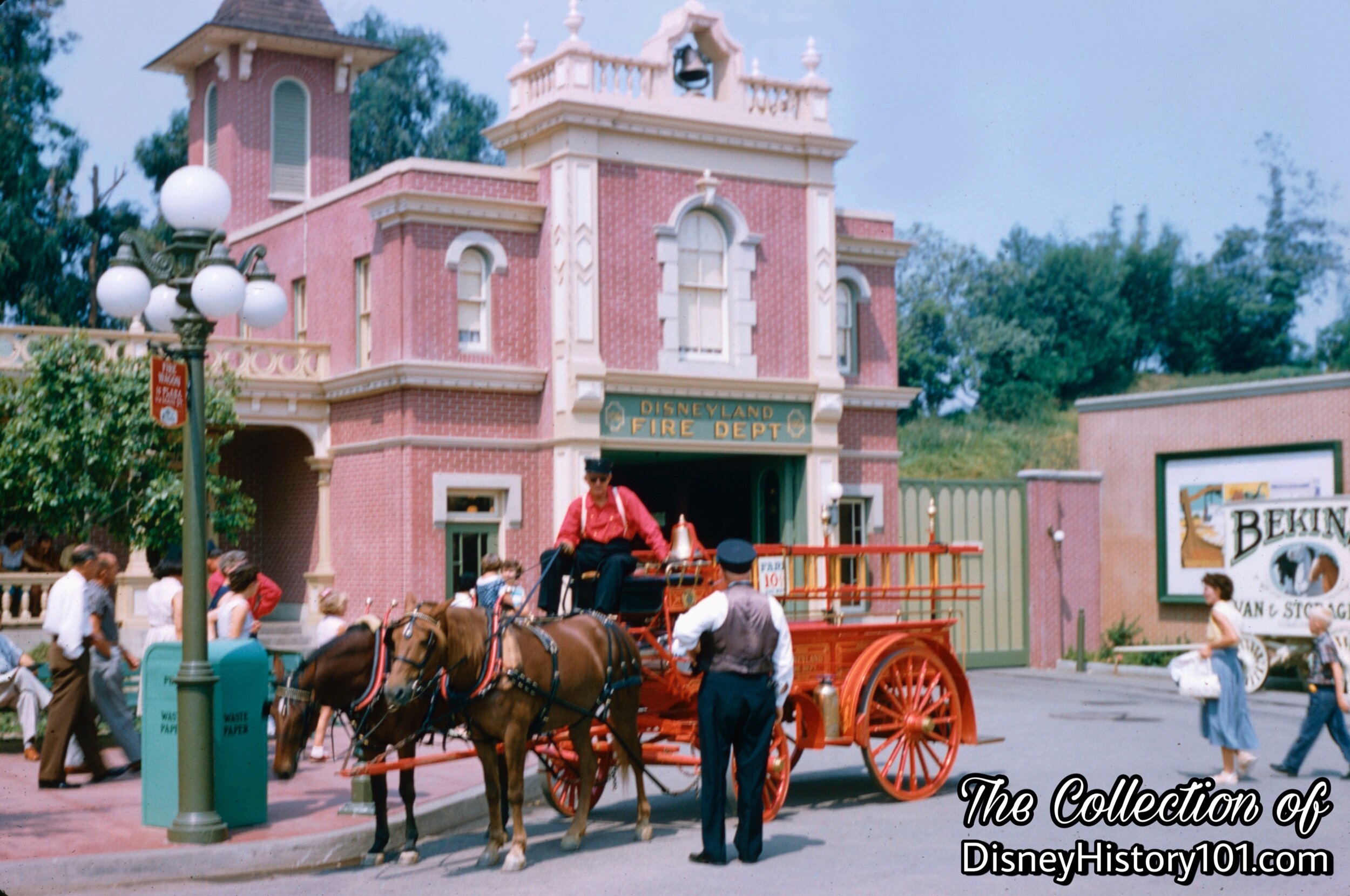
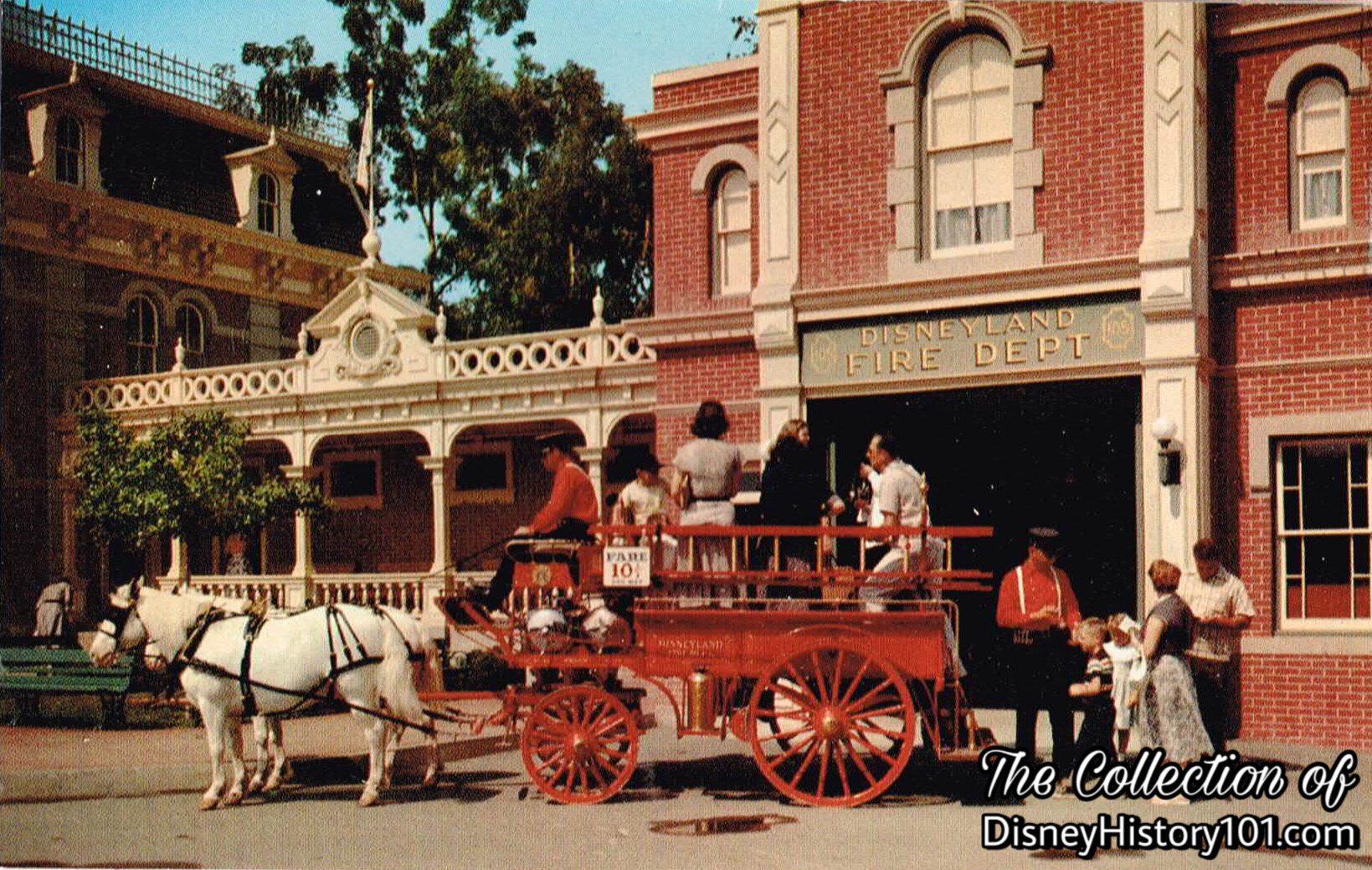
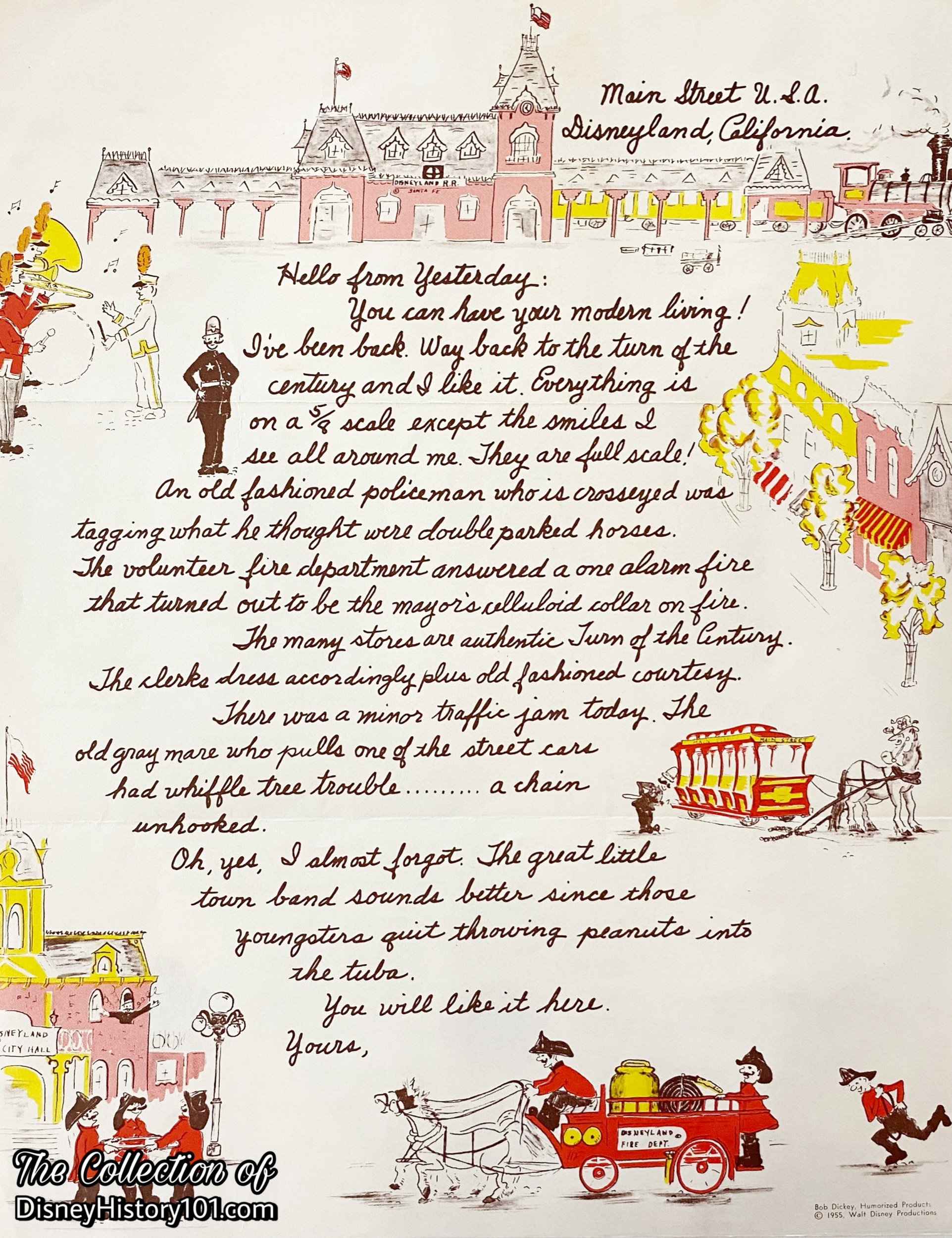
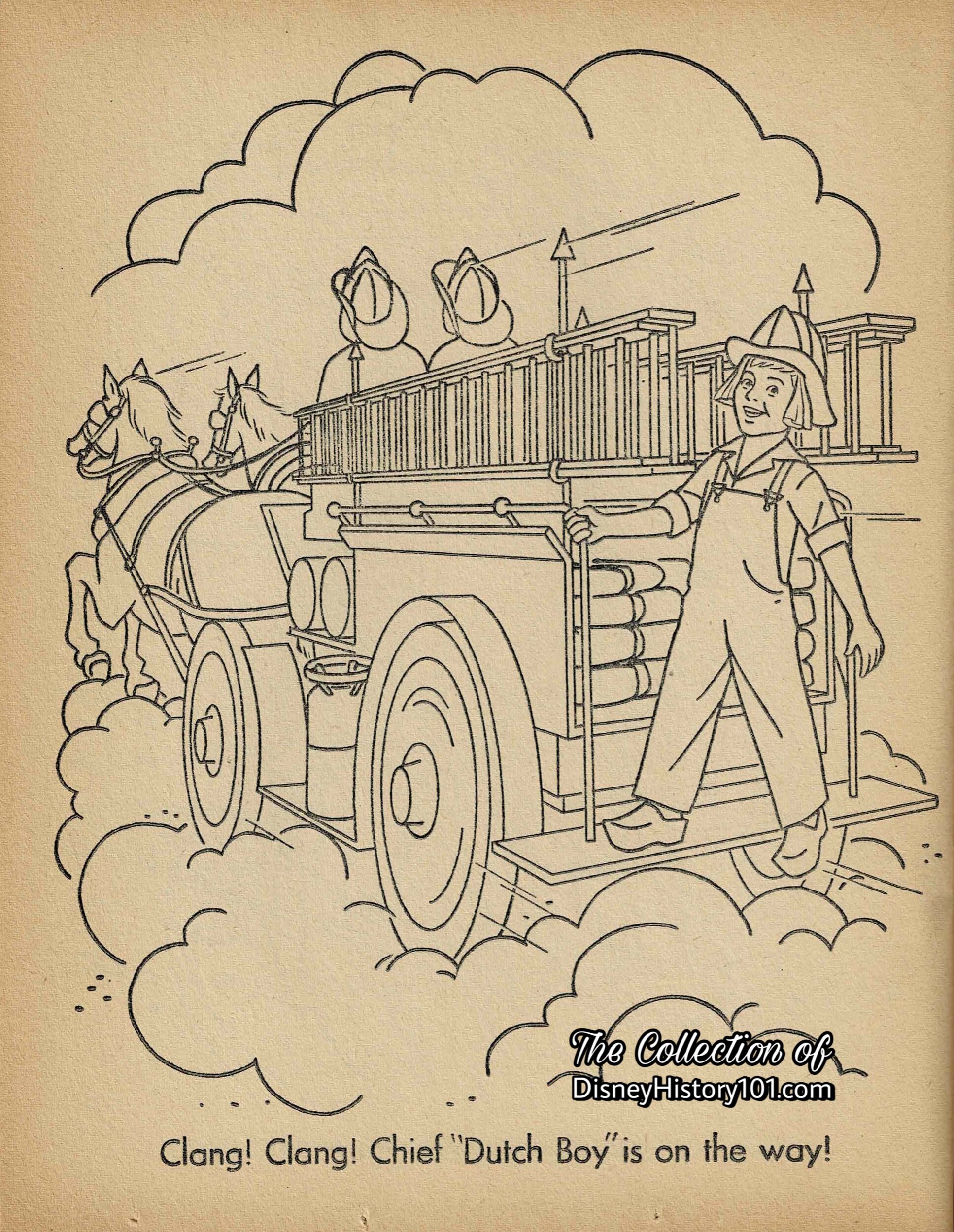
The Chemical Wagon was even featured in “The Dutch Boy Disneyland Coloring Book” (published 1957). As mentioned, the popular Chemical Wagon remained in service to Disneyland for five years (from July 17, 1955 - September 11, 1960), before being retired. By the time the Horse Drawn Fire Wagon had ceased operation, it had transported a grand total of 379,969 guests down Main Street U.S.A.!
By 1966, only brief mention of the Horse-Drawn Fire Wagon is made in the pages of “Main Street Vehicles” (published 1966 by Disney University), where it states, “the Horse Drawn Fire Wagon… in the Fire Station at City Hall is authentically reproduced from pictures. The hats, axes, and other props are authentic. The wagon is part of the show, but is not used on Main Street to carry guests.”
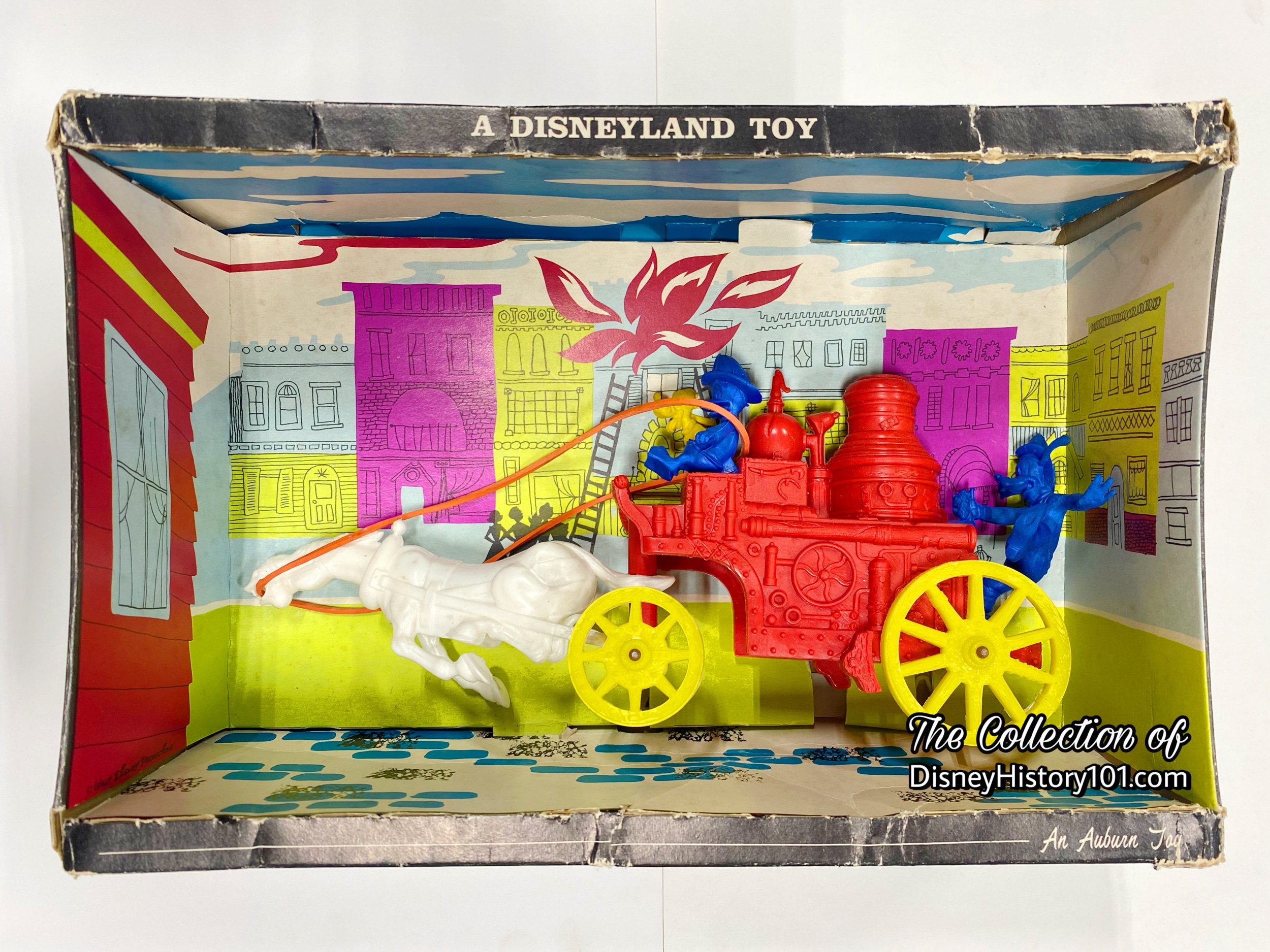
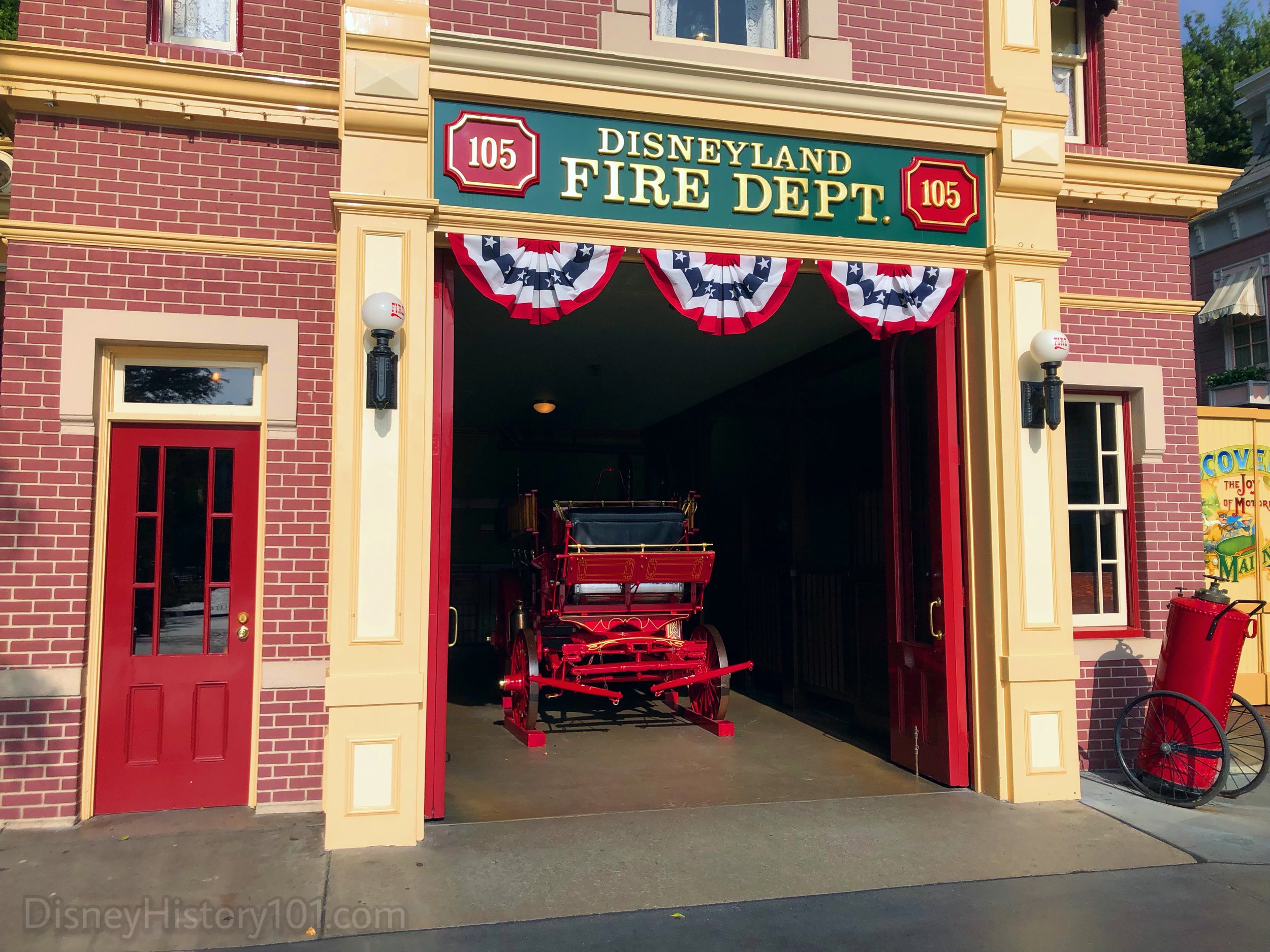
Currently the bright red Chemical Wagon is still part of the Disneyland show, but is not used on Main Street to carry guests. It sits inside Main Street Fire Station amidst many fire fighter-related antiques and reproductions, decorated with authentic hats, axes, and other props.
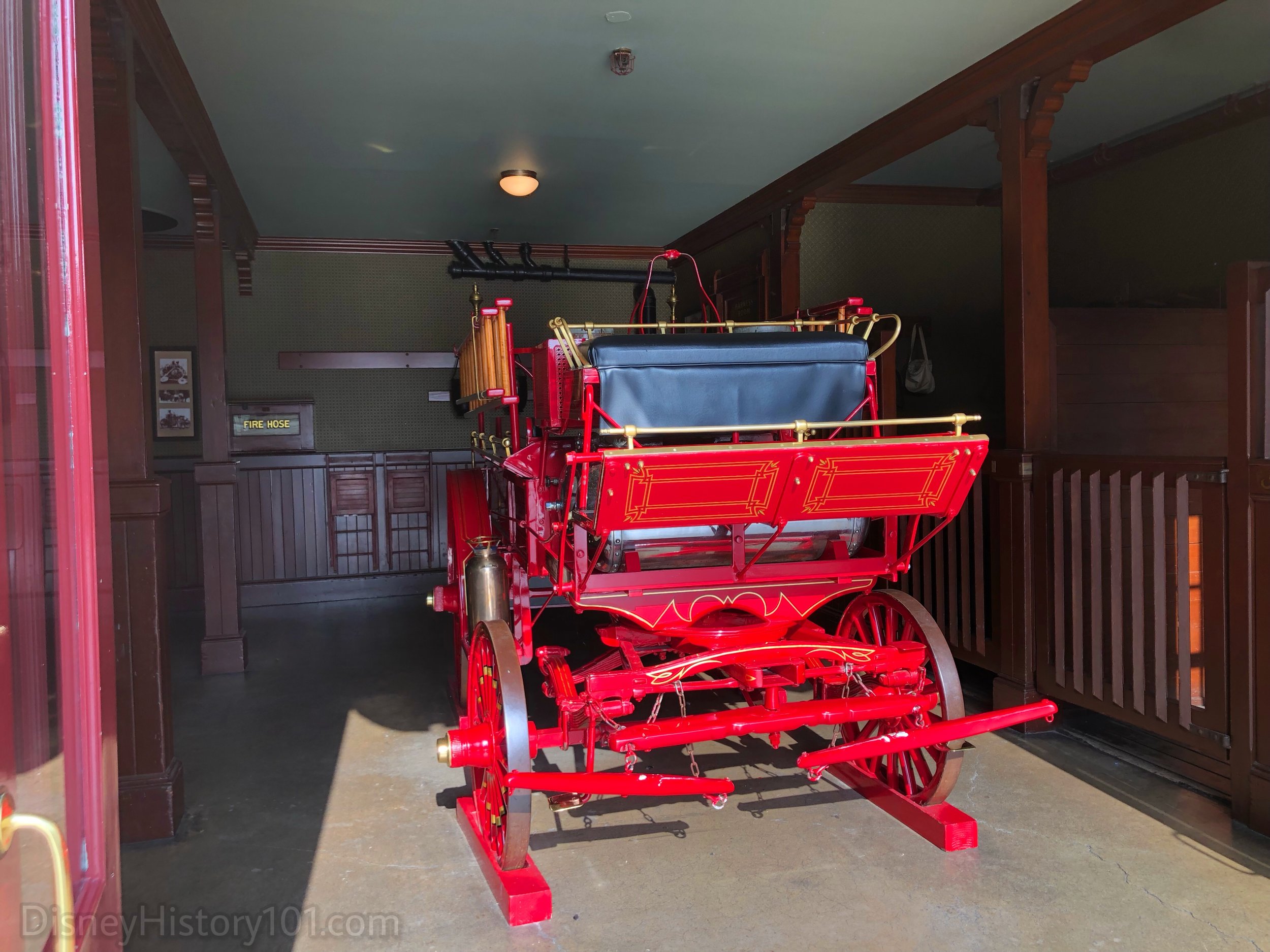
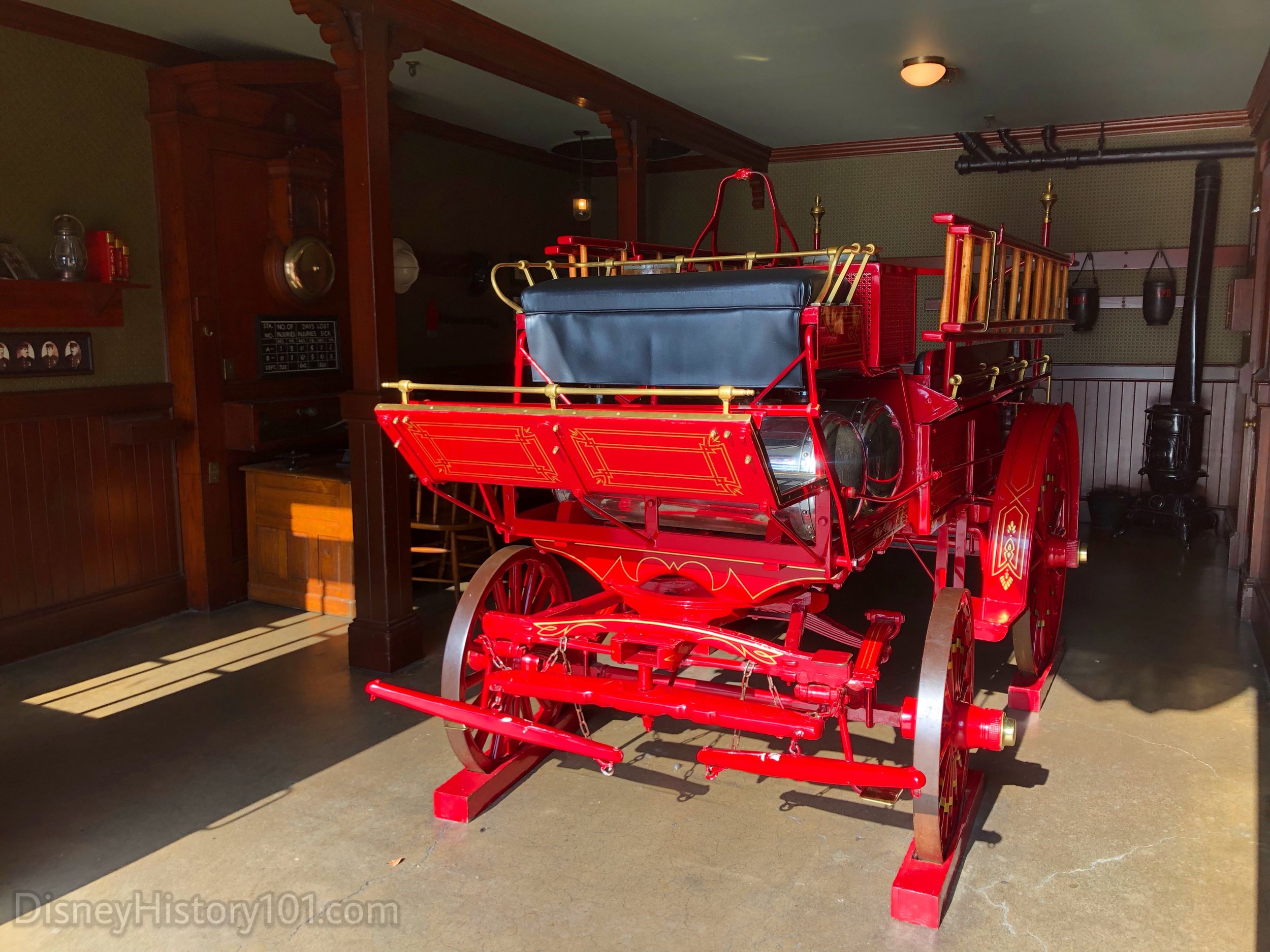
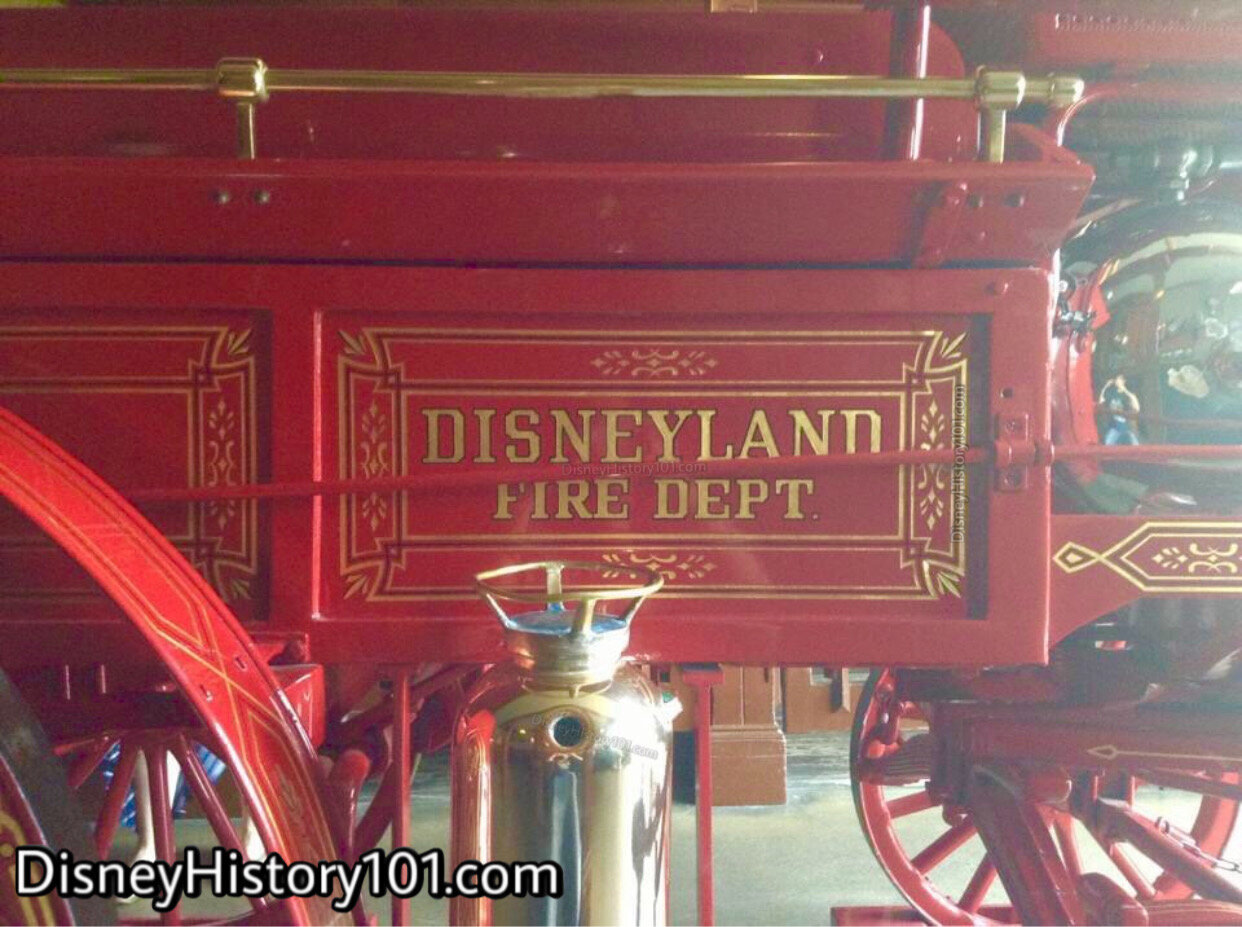

In the present, it seems that the authentic bell has been removed to improve the Show Quality of this free exhibit.
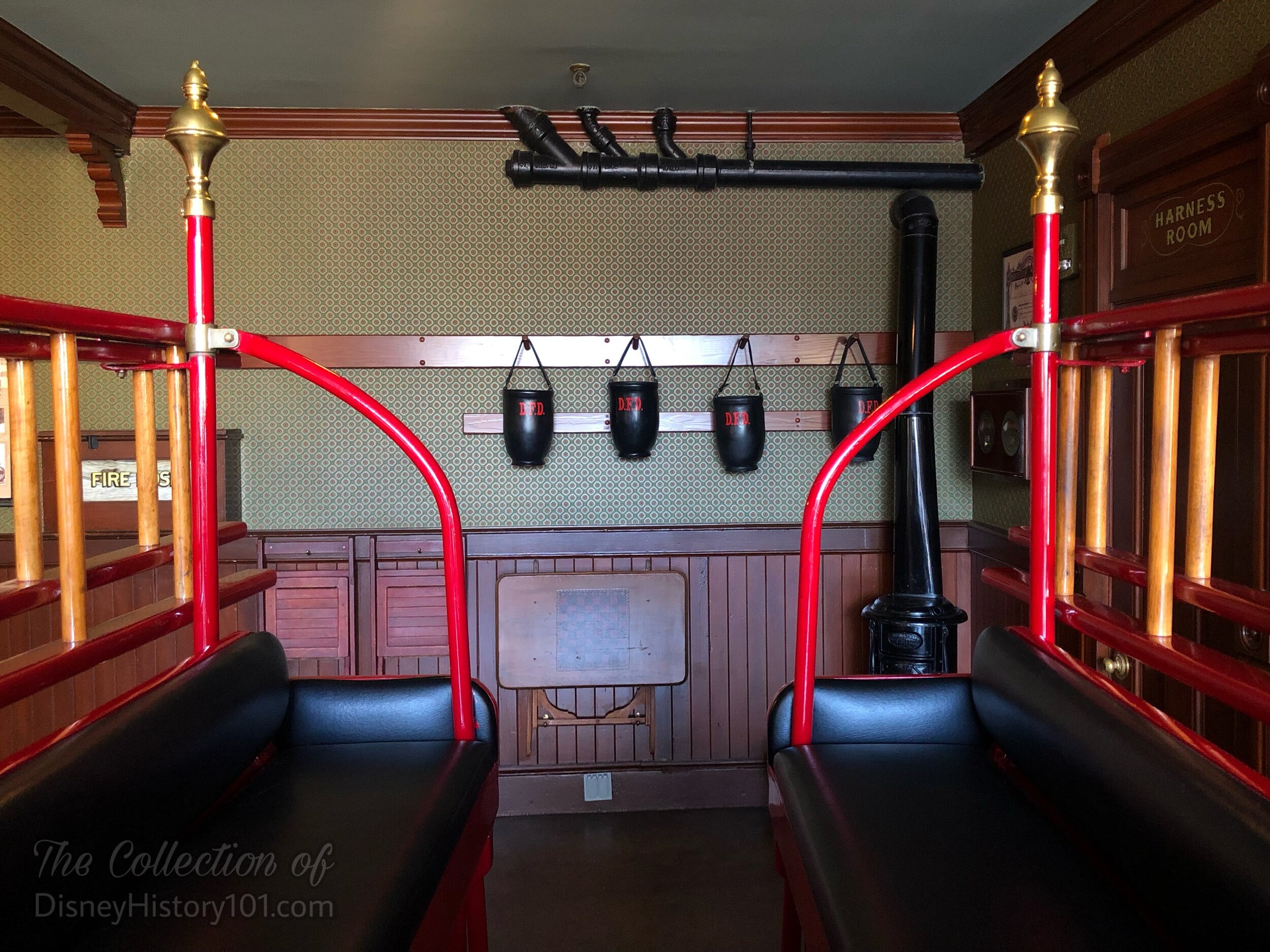
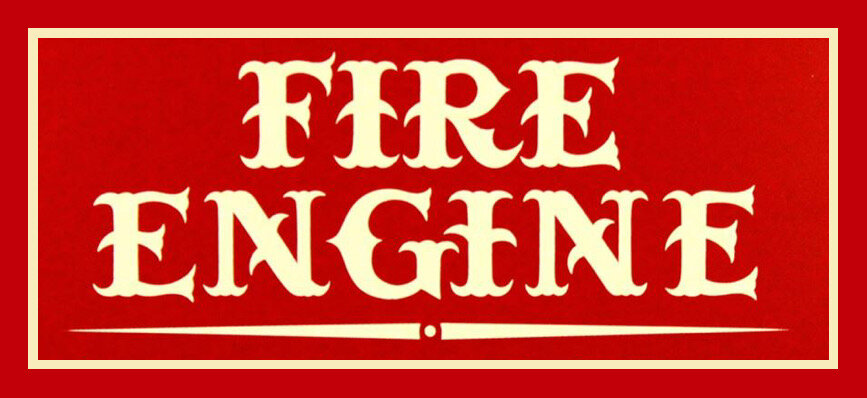
*Some sources (as “Disneyland Admission Media Rides and Attractions” report, page 40, published 1971) cite August 27, 1958
The Main Street Fire Department Engine has become a Disney Parks tradition from Walt Disney World to Shanghai Disneyland. But the story of the Disneyland Motorized Fire Engine begins with one true-life fire engine - the former Los Angeles Fire Department Engine No. 63! After being retired during the late 1940s, the engine was acquired by Walt Disney Productions artist Ward Kimball (c.1949).
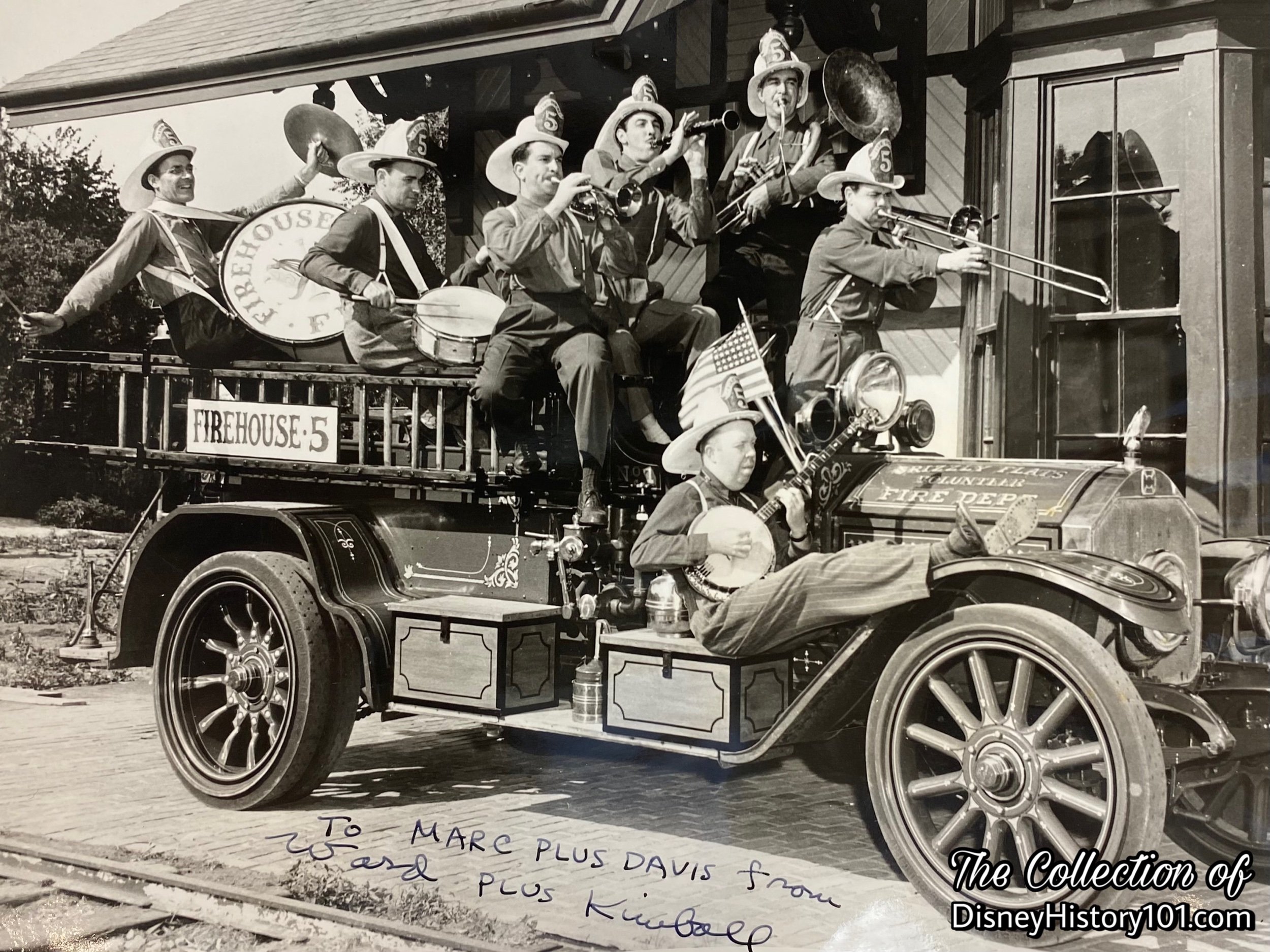
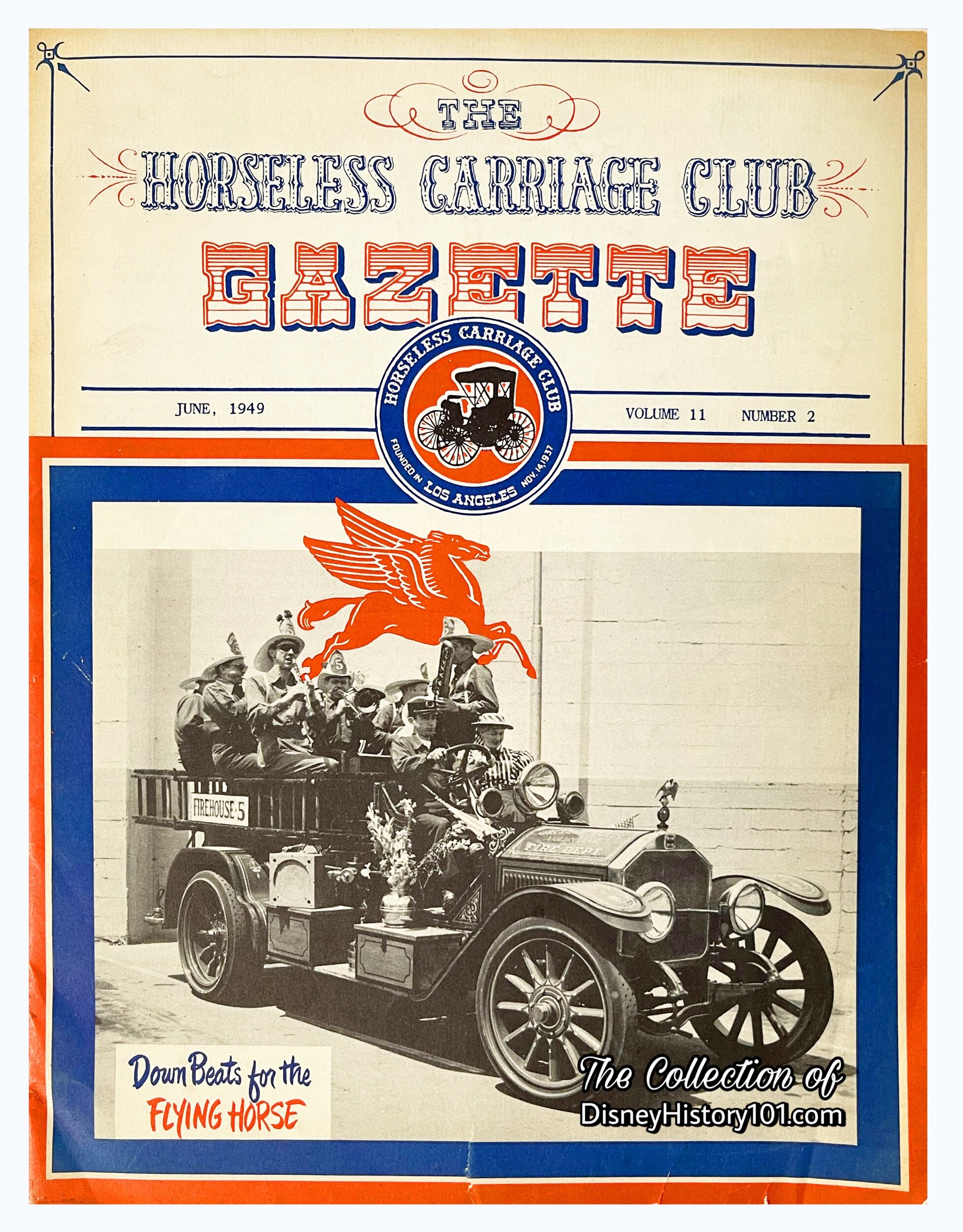
During this era, Ward’s “Firehouse Five • Plus Two” performed from his 1916 American La France Fire Engine in Disneyland Parades, and even in the Tournament of Roses Parade! This antique Fire Engine may be the reason for Disneyland’s own Fire Engine according to Bob Gurr’s account.
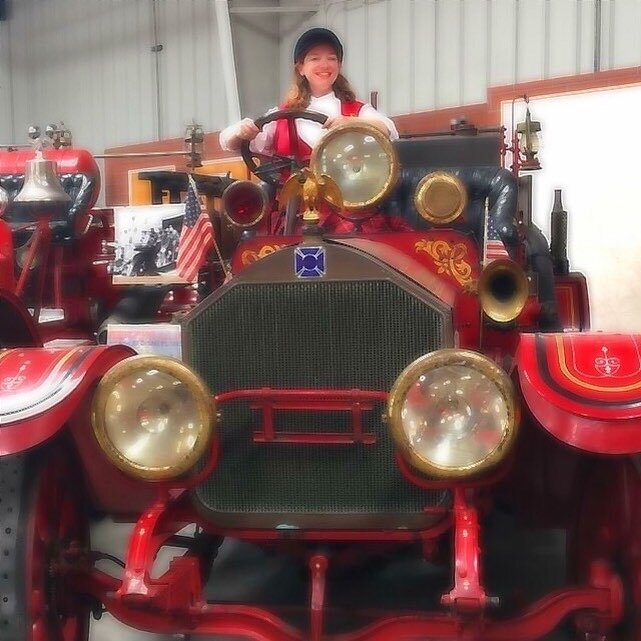
WED employee Bob Gurr first laid eyes (and hands) on Ward Kimball’s American La France fire engine in 1953, when he was asked to help Ward drive the engine to the local fueling station in order to fill the radiator with water. Early in 1958 (three years after Disneyland’s first operational day), Bob was sitting in the Burbank office of Walt Disney. He had been meditating on what to add to Disneyland’s “turn-of-the-century” land, and recollected Ward’s little ALF engine. Up to this point, the Disneyland Fire Department had a horse-drawn Chemical Wagon that was being utilized for the free exhibit, as well as to offer guests passage down Main Street. It was at this point, that Bob Gurr (knowing the audience) pitched the idea of an antique engine to his boss Walt Disney. For the FULL STORY on Ward Kimball’s Fire House Five • Plus Two engine, please VISIT the following link to Disney History 101’s tour of Los Angeles County Fire Museum!
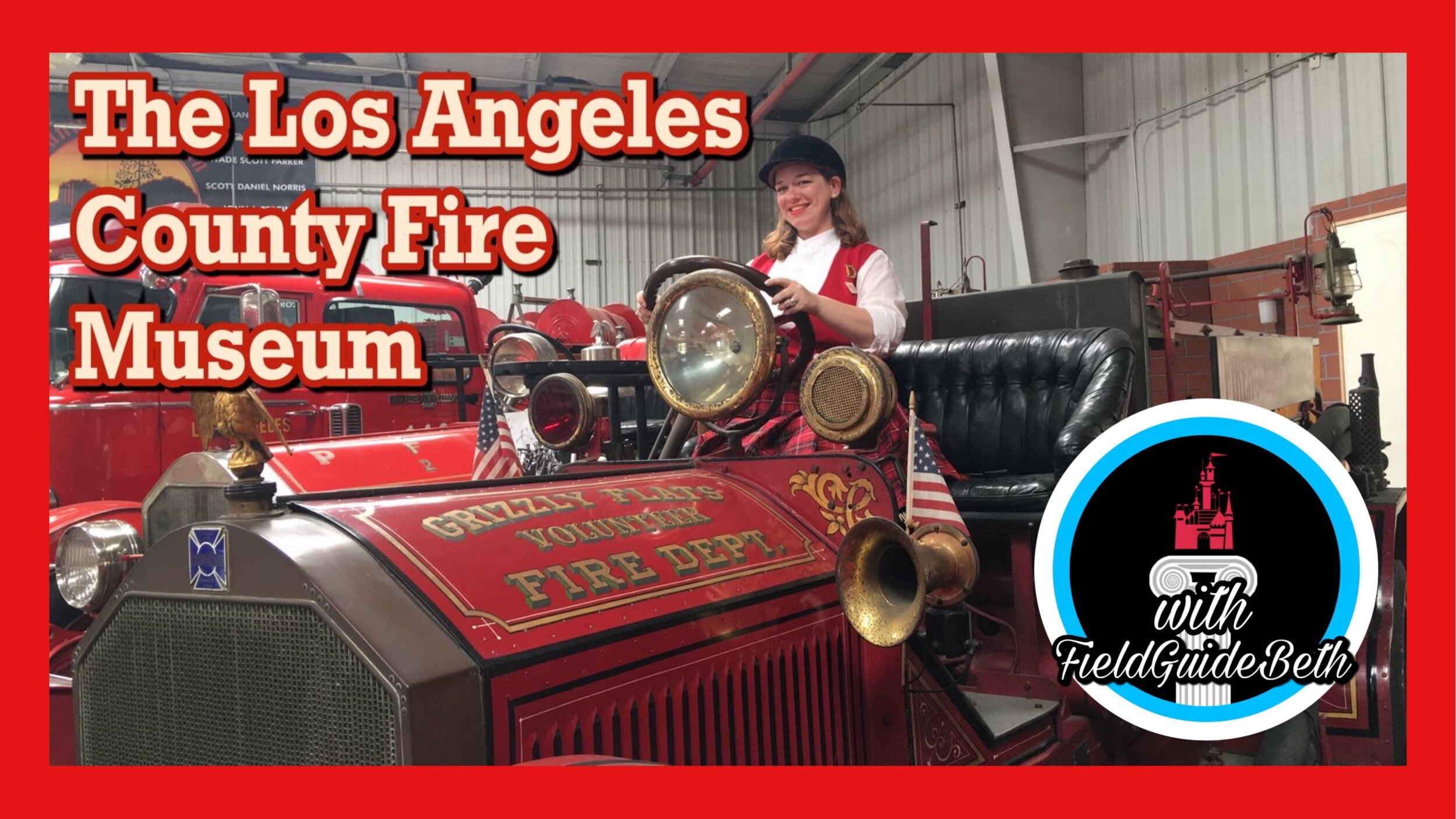
“Disneyland Fire Engine Design and Construction”
The replica 1916 vehicle was recommended and, but also designed by Bob Gurr with color by Sam McKim. Like the Horseless Carriages, “the Motorized Fire Engine …is similarly a composite design of a hose-carrying fire engine of the turn-of-the-century,” according to “Main Street Vehicles,” published 1966 by Disney University. “The studio’s Imagineers designed a chassis, then used practical equipment like a jeep rear axle, a three speed truck transmission, and standard drive-line parts.” [“Did You Know?” prepared for Disneyland, c.1991.] A 2-cylinder Hercules gasoline engine was installed in the vehicle. “The primary change we made was to place seats where the hose was carried. The Studio men designed a chassis, then pored through standard catalogues for unlikely, but practical equipment - a deep rear axle, a three-speed truck transmission, the power plant of a small pick-up truck and standard drive-line parts. The bell and the siren are authentic, purchased after considerable search. At the turn of the century, gas-driven cars were considered a novelty - and a hazard - lacking the reliability of a horse. Motorized fire equipment was merely supplementary to the more respected steed.” [According to “Main Street Vehicles”, published 1966 by Disney University] Much of that “fire equipment” was acquired through Bob’s $150.00 purchase of a 1938 Chevrolet fire engine, from the Crown Coach Fire Engine Company. Ward Kimball (who owned and operated several antique fire engines) recommended the Bob install Rushmore headlamps on the engine, for a finishing touch.
“Debut & Response”
During 1958, the Disneyland Fire Department took a step forward in time, when it received its first motorized fire engine (appraised and valued between $3,600 and $4,300). By September 28, 1958, Bank of America appraised the Motorized Fire Wagon (considered a Park Asset) and valued it at $12,267. This vehicle would bear the distinction of becoming the last DMC attraction vehicle to be added to Main Street!
For a little over a year, two fire fighting vehicles shuttled guests down Main Street. The Main Street Fire Engine ferried guests on a one-way trip, from Town Square to the Plaza. The new 2000-pound vehicle had an 8-Guest capacity. Eventually (in 1960), the Chemical Wagon was retired, and the Main Street Fire Engine became the “chief” form of transportation! According to one Disneyland Admission Media Rides and Attractions Report [prepared in April 1971, by Disneyland Research Department], 2,787,155 guests had already taken a ride aboard the Fire Engine.
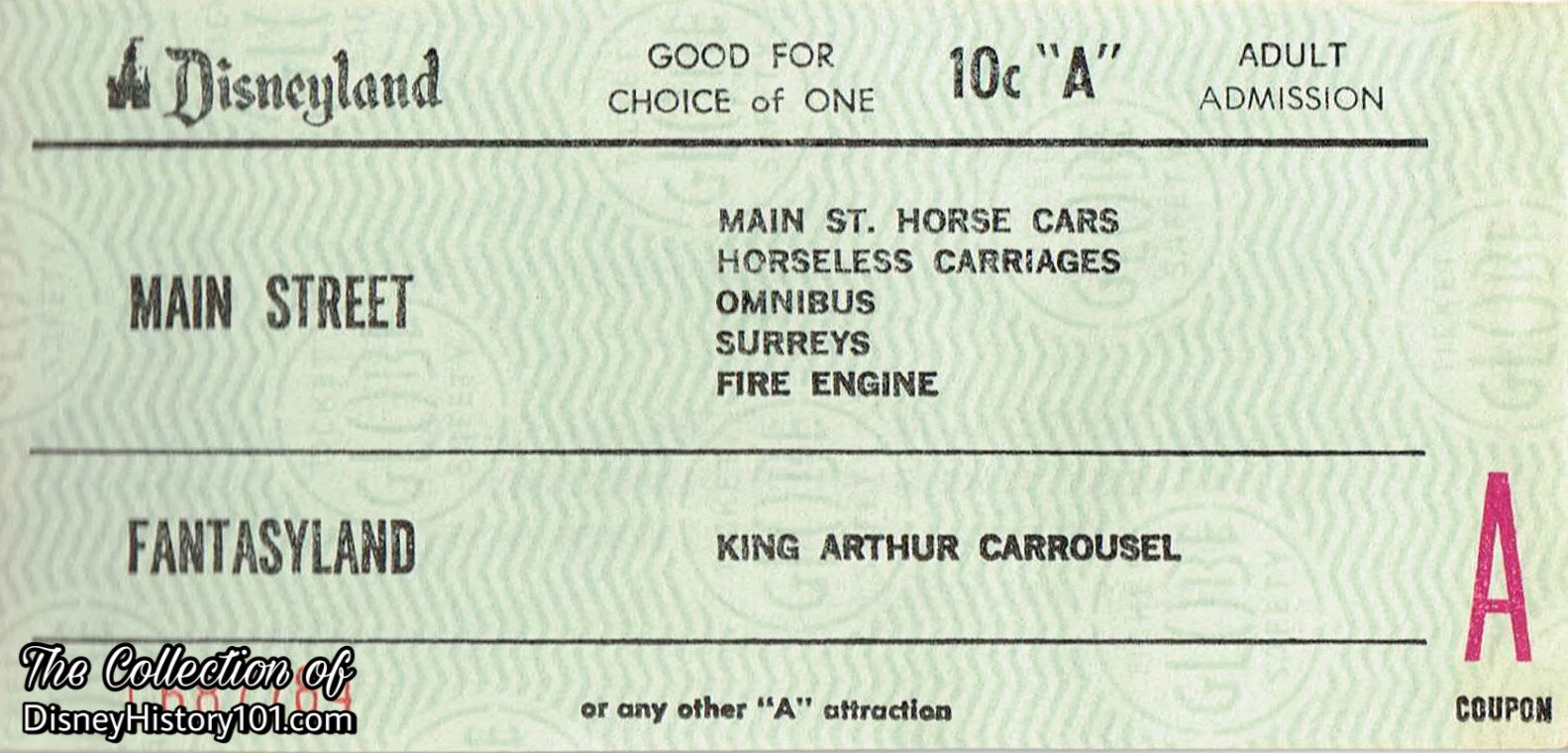
A number of Disneylanders operated the Fire Engine like Ralph Hansen (1967).
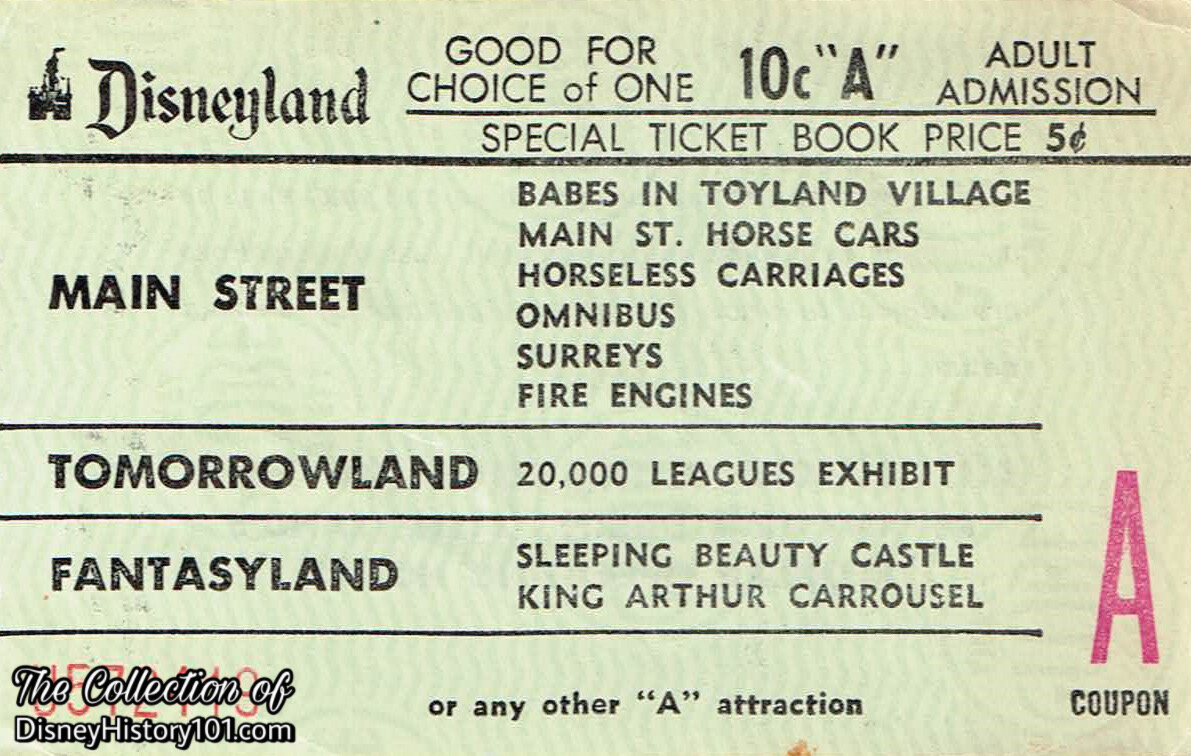
The Disneyland Fire Engine was closed weekdays during the winter season of 1962, operating on weekends.
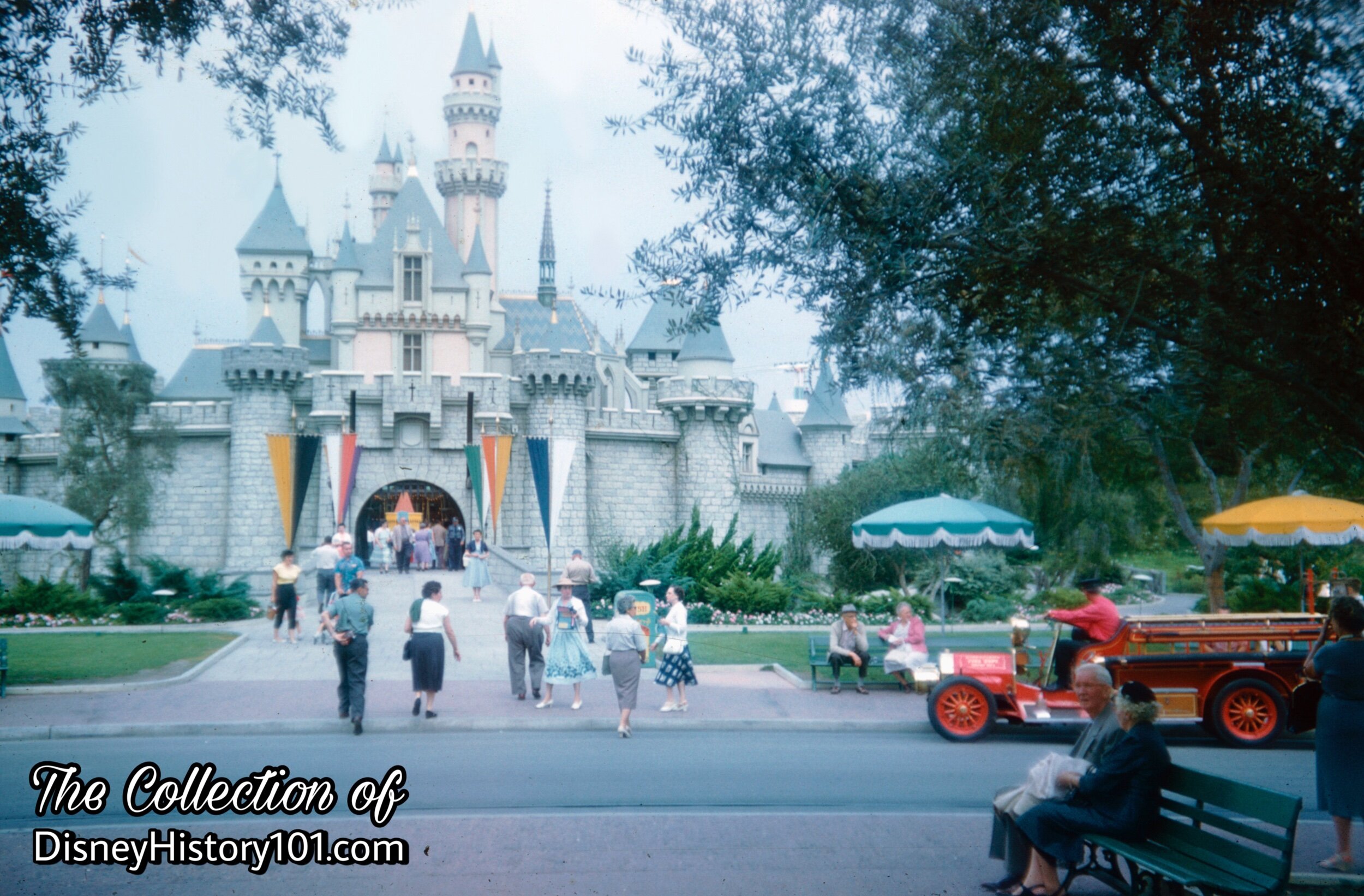
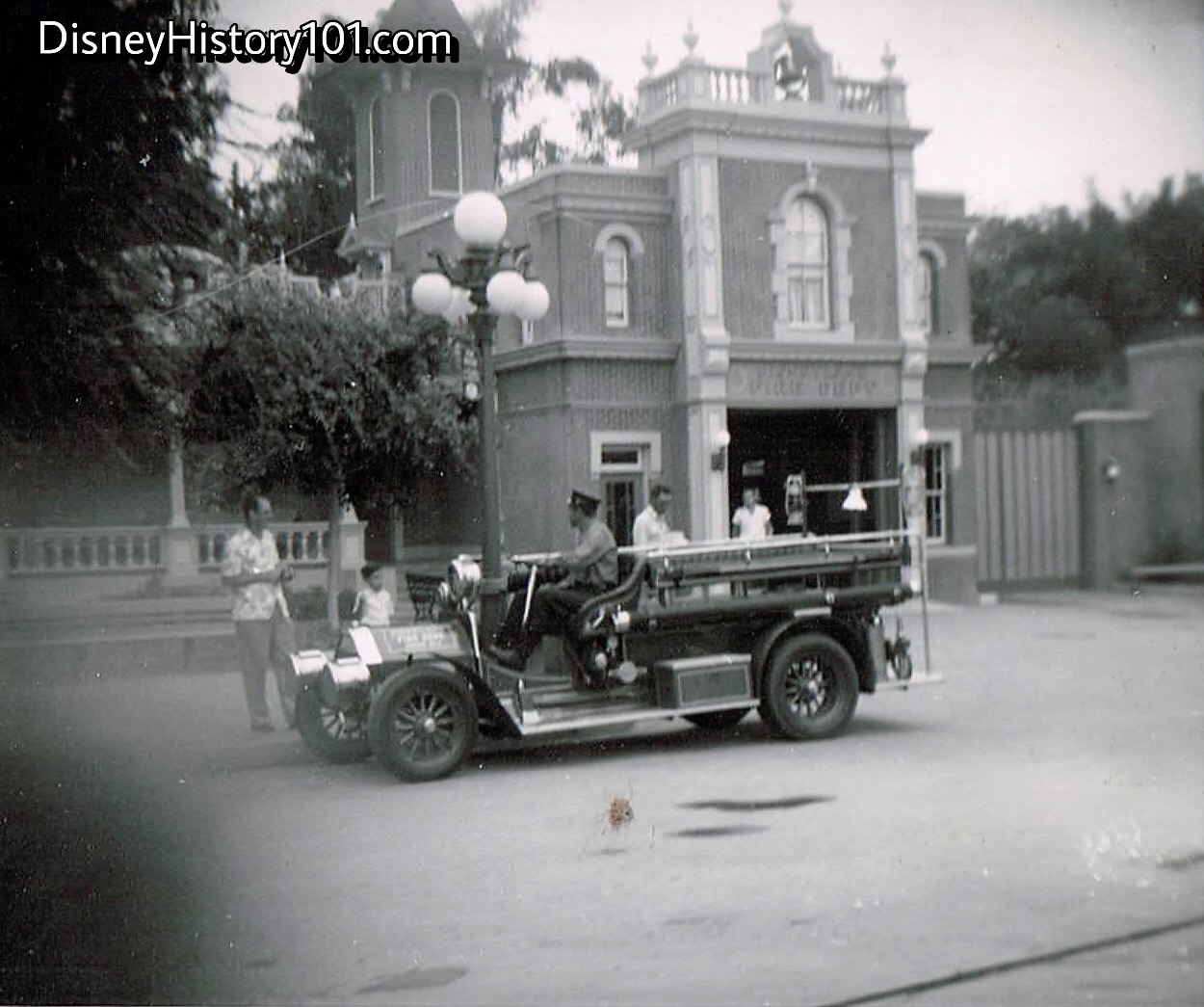
Here’s the Main Street Fire Department during the debut year of the Main Street Fire Engine.
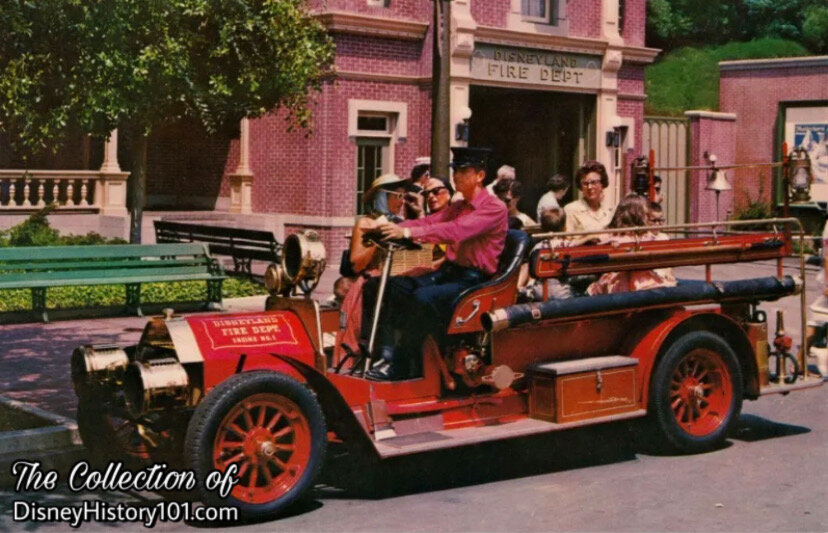
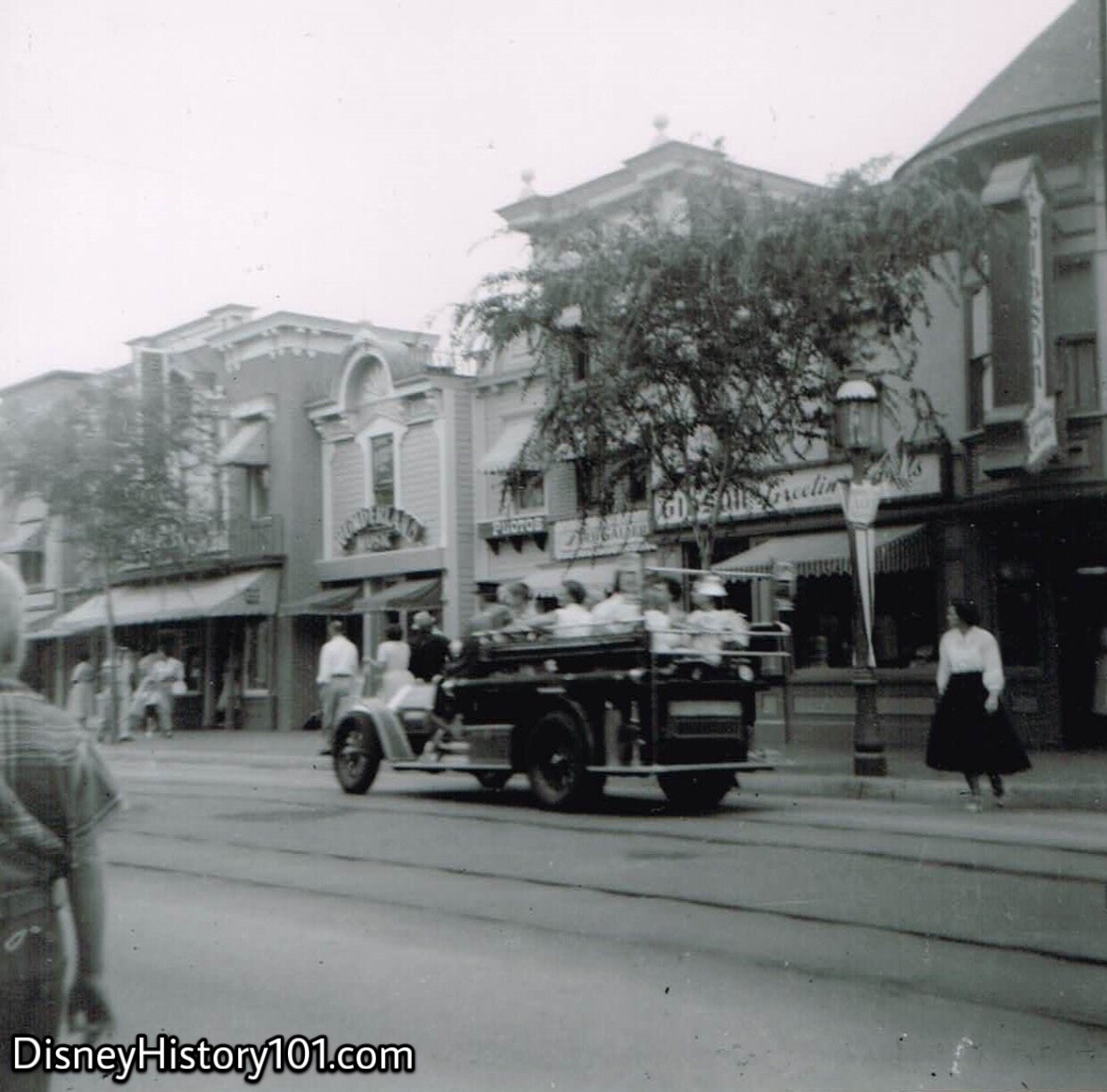
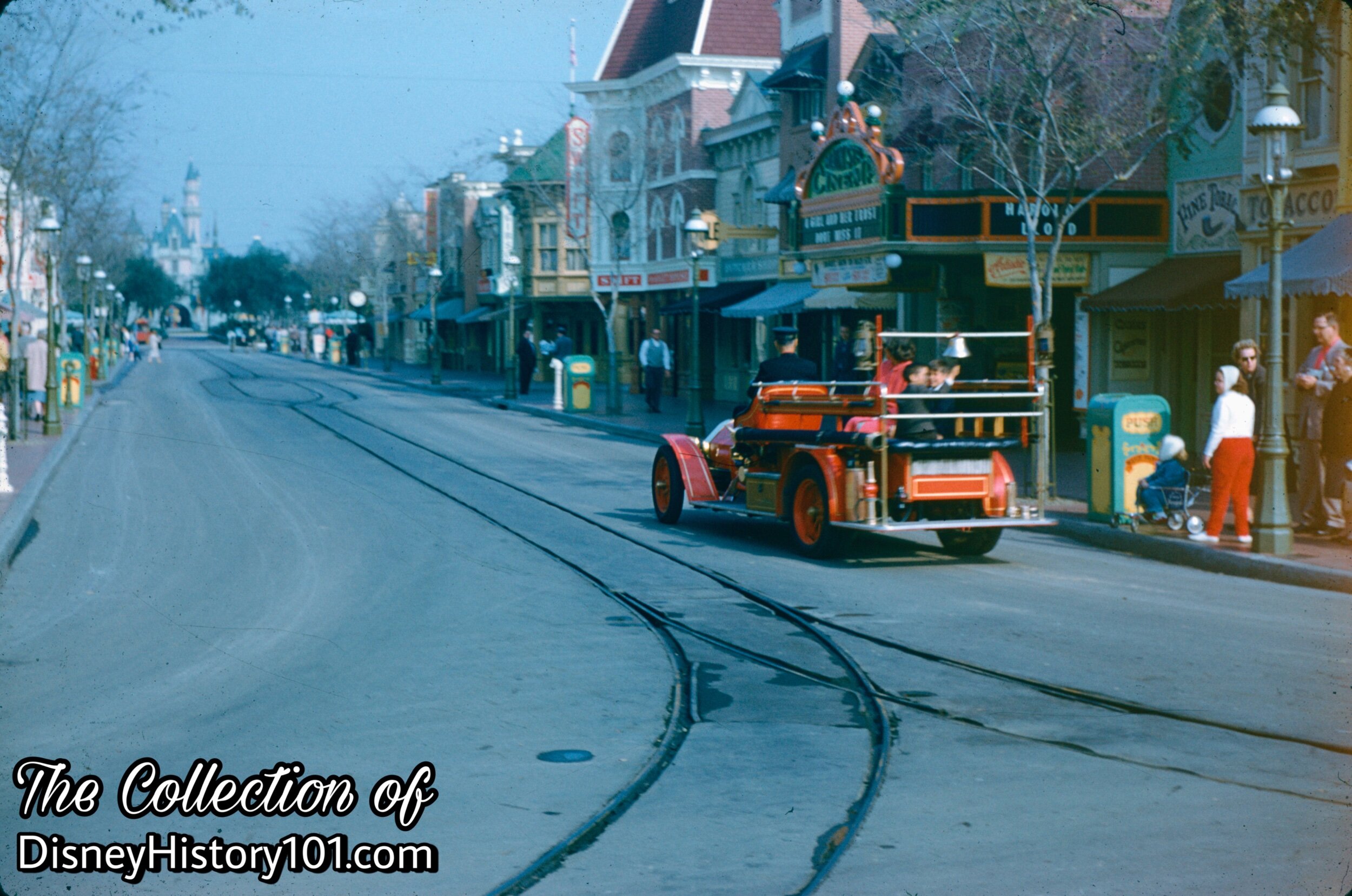
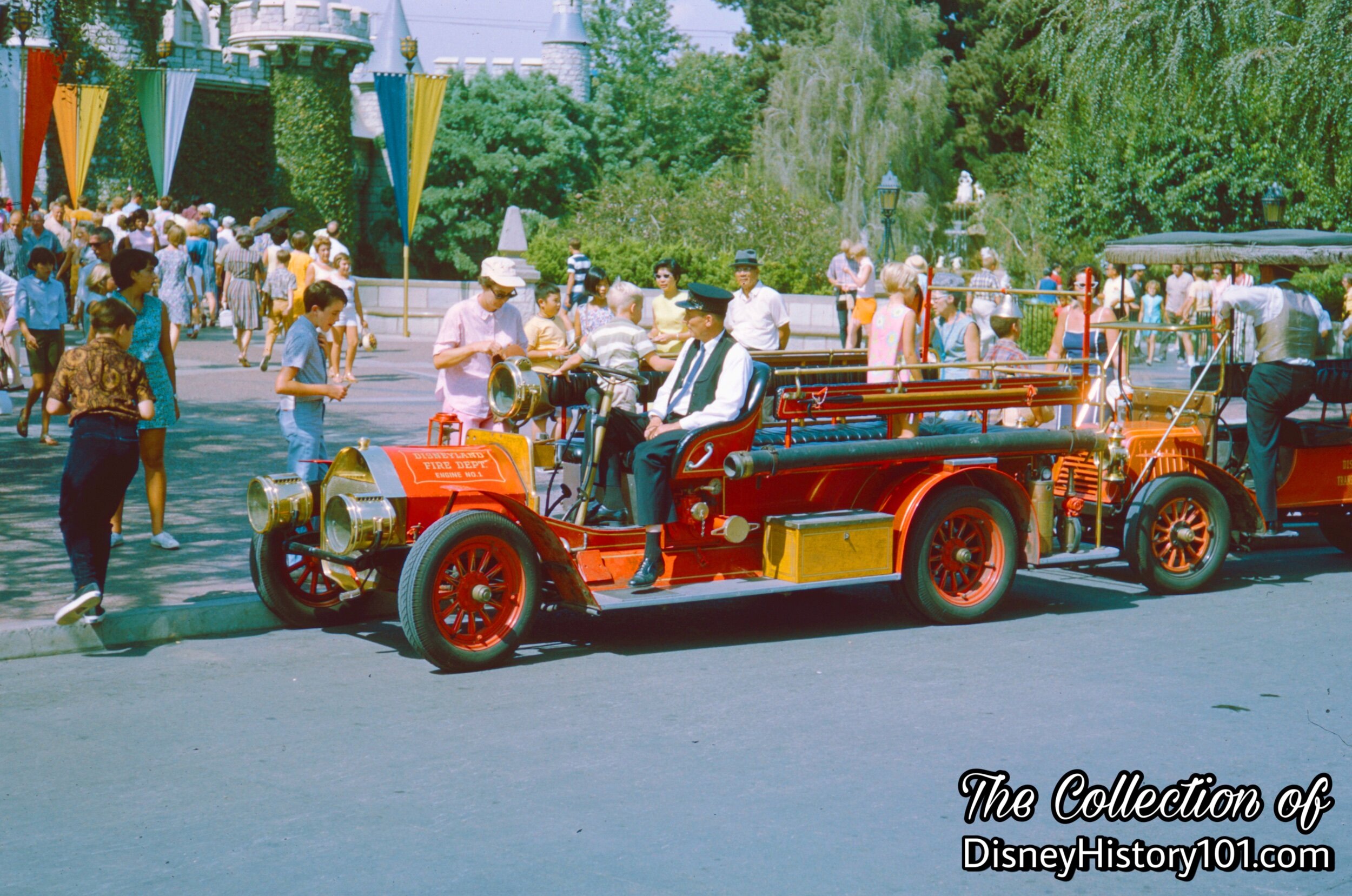
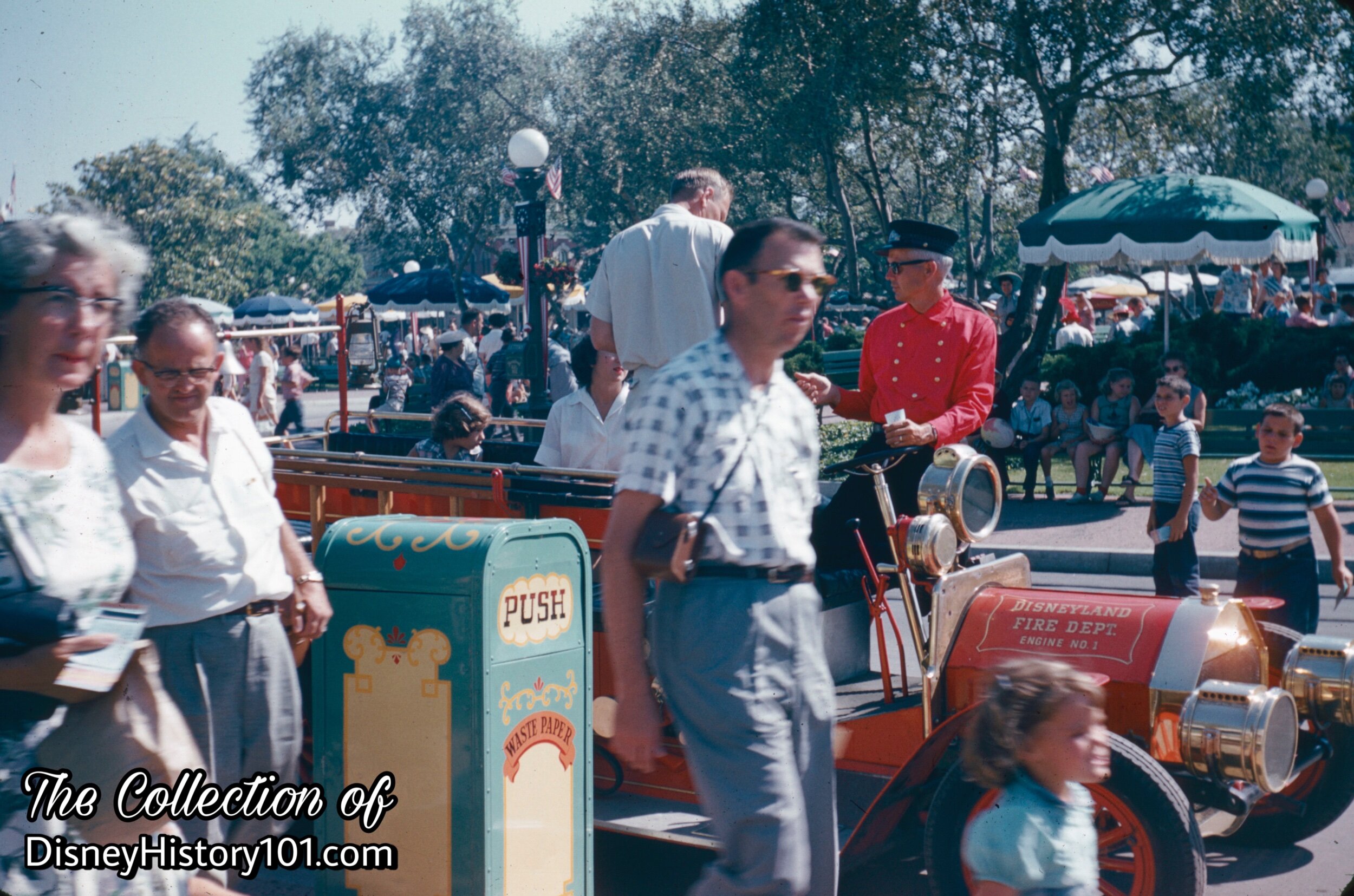
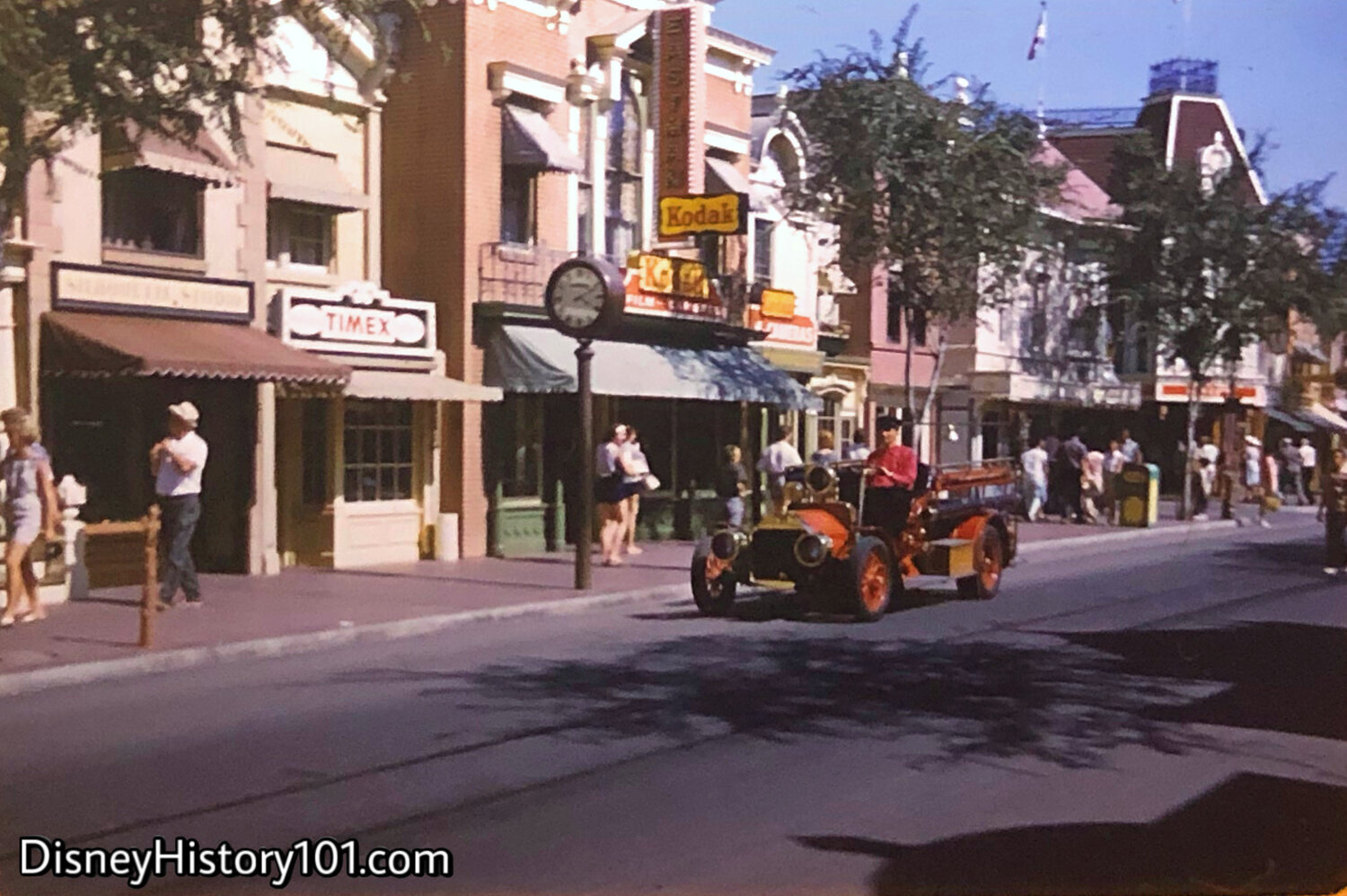


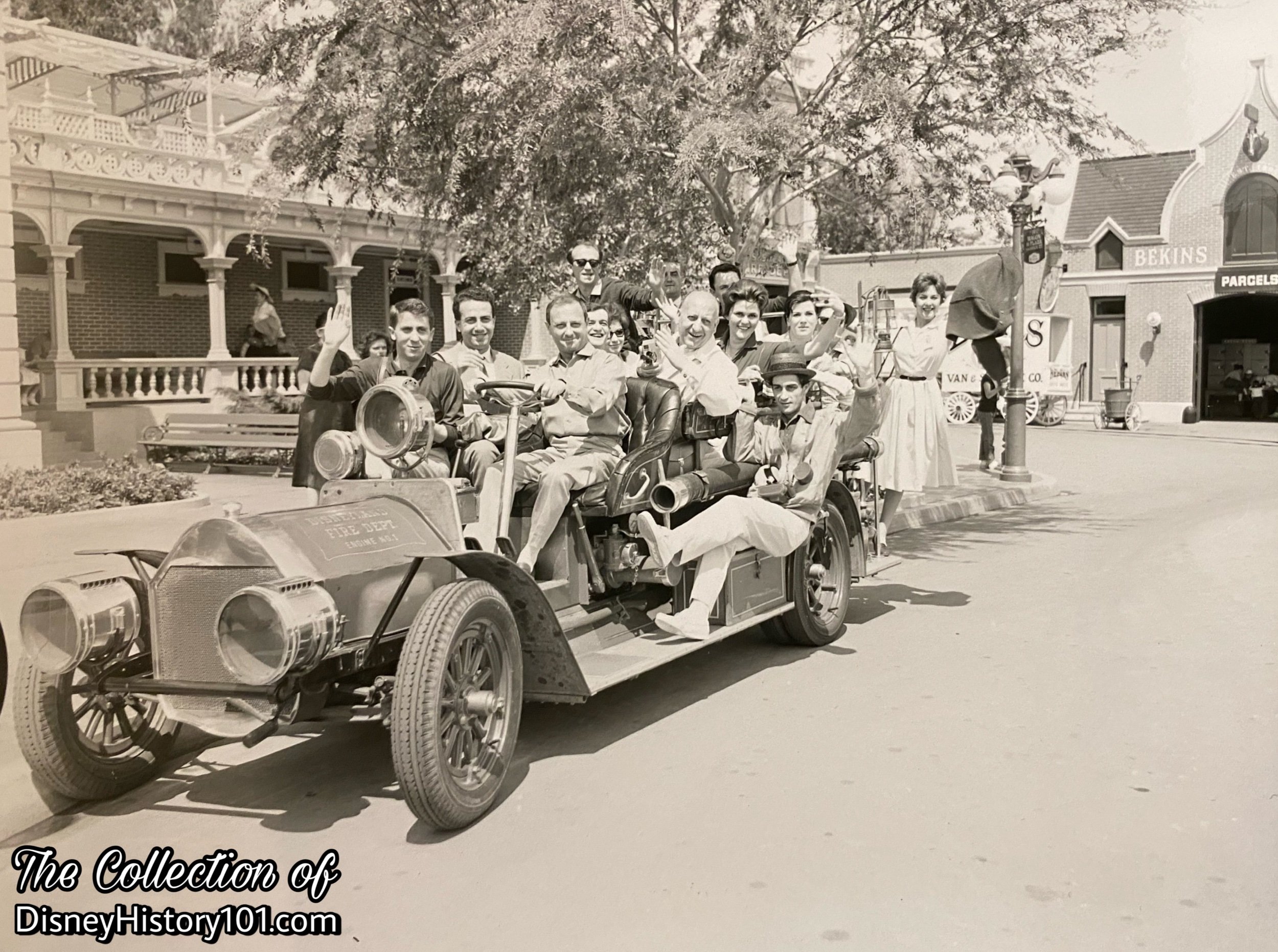
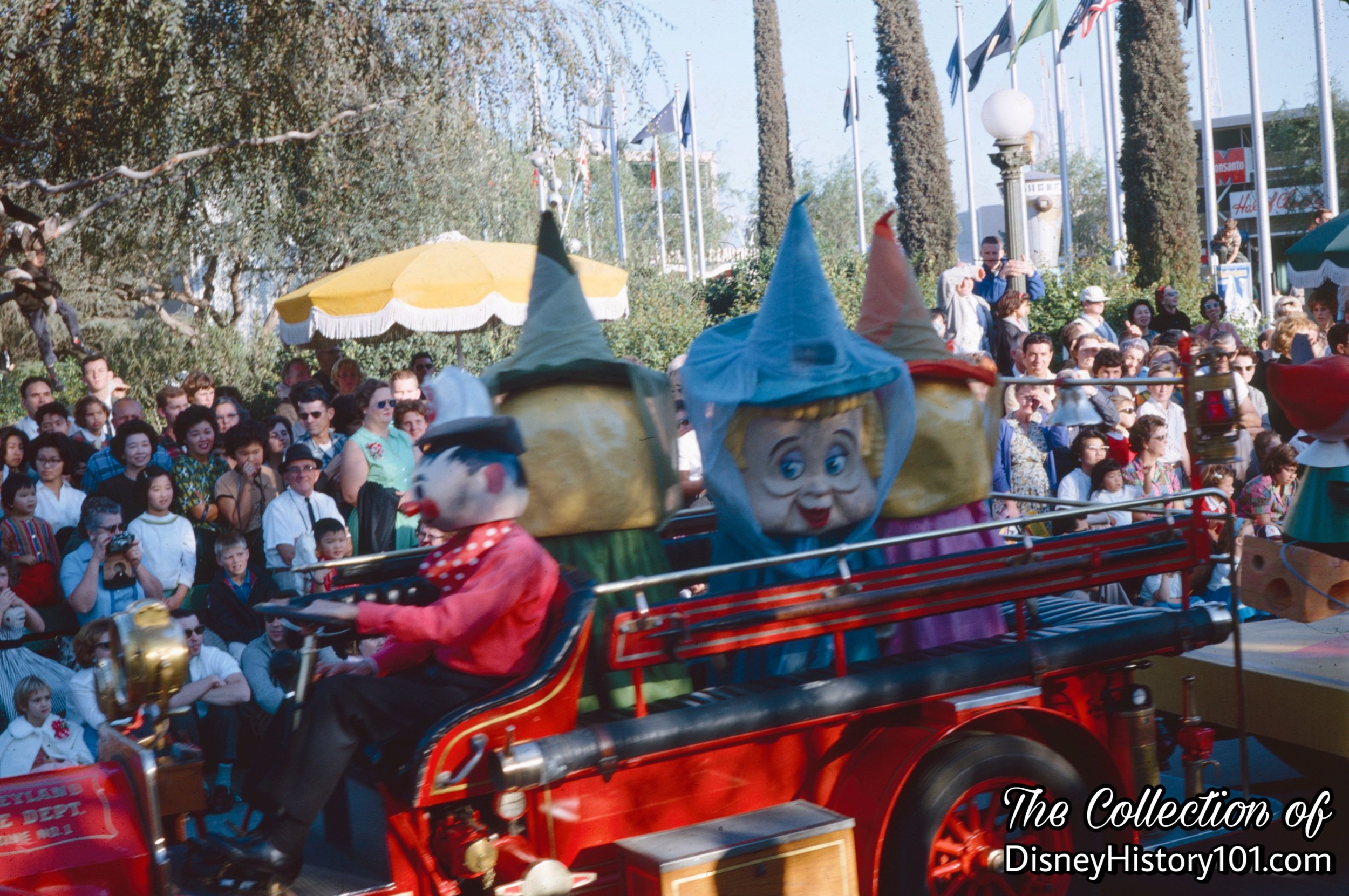
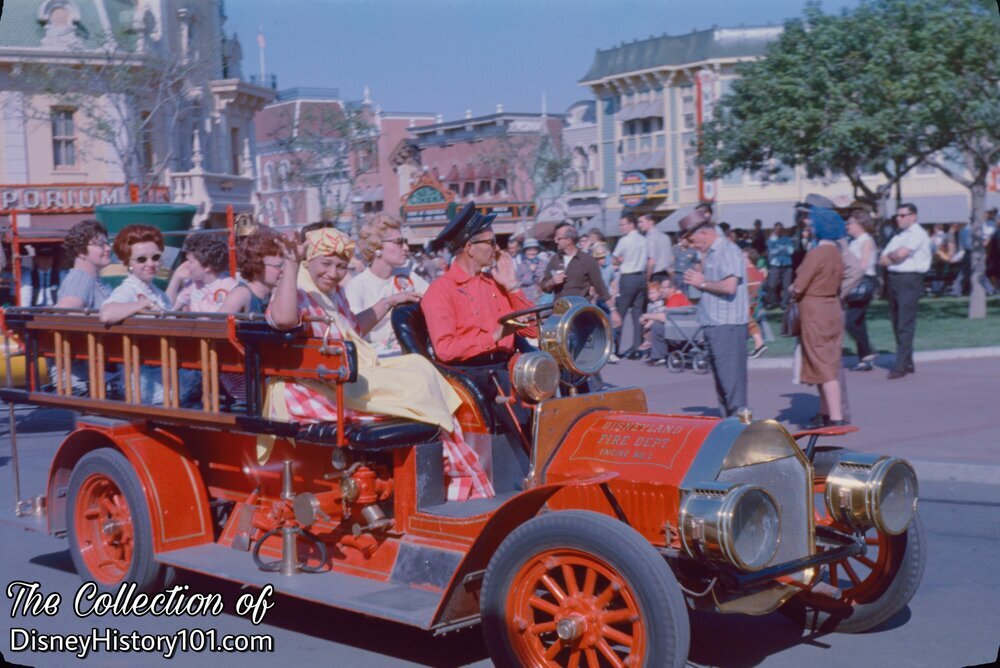
The Disneyland Fire Engine didn’t respond to “code 904,” but it was quite often used in parades and occasionally ferried special guests down the parade route. Among the notable Guests to take a ride aboard the Disneyland Fire Engine were :
•Sergei Gerasimov (Soviet Union Producer) and Georgrii Mdivani (Soviet Union Playright)
•The Tournament of Roses Queen Carole Washburn and her Royal Court, on December 19, 1960
•Richard Nixon and his family, 1961
•President Eisenhower and his wife, 1961
•Kyu Sakamoto, Japanese singing sensation renown for his hit Sukiyaki, was photographed aboard the Disneyland Fire Engine in August of 1963.
•Illinois Governor Otto Kerner (and family), on December 30, 1963 (in conjunction with their visit to the Rose Bowl)
•February of 1964, the Disneyland Fire Engine ferried Aunt Jemima (portrayed by vocalist Edith Wilson) and National Pancake Day Race Contestants in a Parade.
•Bob and Helen Bezucha (the editors of “The Golden Magazine for Boys and Girls”) sat behind the wheel of the Disneyland Fire Truck, and their photo was published in “The Golden Magazine for Boys and Girls” (June of 1965).
•The Disneyland Fire Engine was also used as a prop for a Look Magazine photo shoot (in conjunction with new Disneyland 3-D post cards) on May 24, 1966.
•The last photo of Walt Disney in the Park, was taken while he was aboard the Disneyland Fire Engine during the Fall of 1966.
•Camp Fire Girls Day at Disneyland (on Saturday, March 23rd, 1968) was advertised with a photograph of three Camp Fire Girls (and their Leader) aboard the Disneyland Fire Engine on the cover of Disneyland News (published for March of 1968).
•The c.1987 Interstate Batteries Great American Race Grand Marshall was transported down the parade route in the Disneyland Fire Engine.
•President Ronald Reagan at Disneyland’s Rededication, on January 11, 1990
•Disney Legends Alice Davis, Blaine Gibson, Bob Gurr, Harriet Burns, and Xavier Atencio rode in an event in honor of “Pirates of the Caribbean”, March 8, 2007.
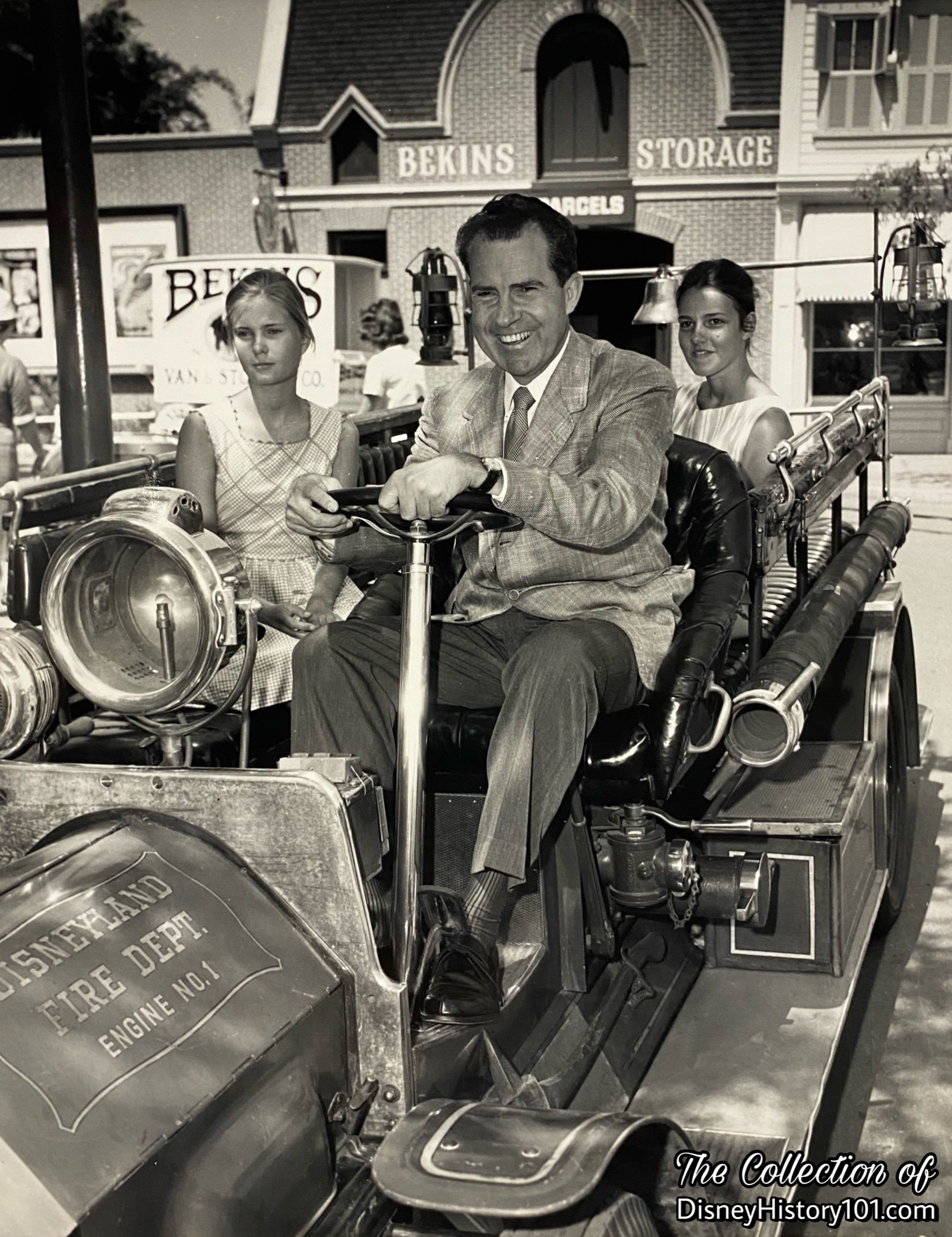
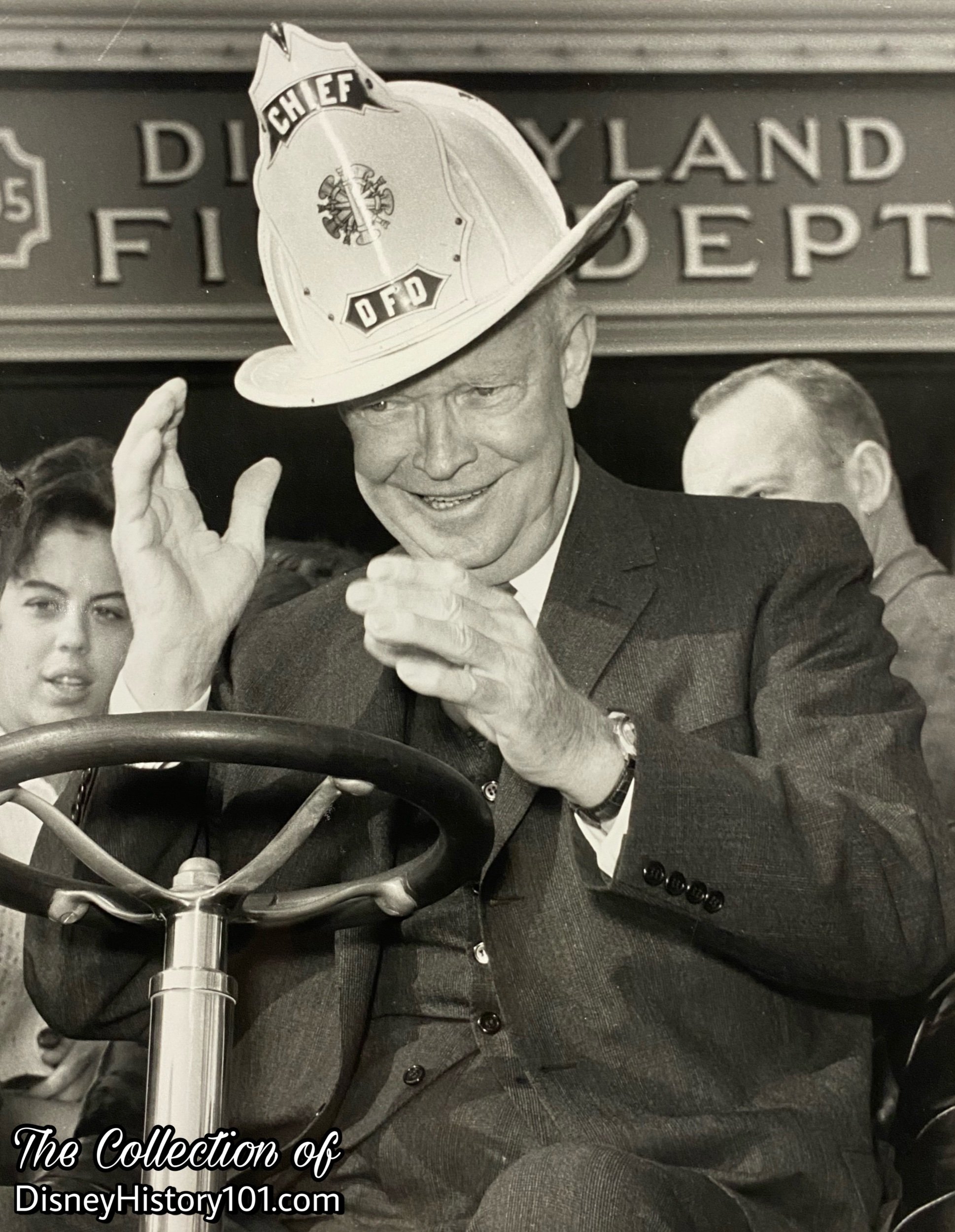
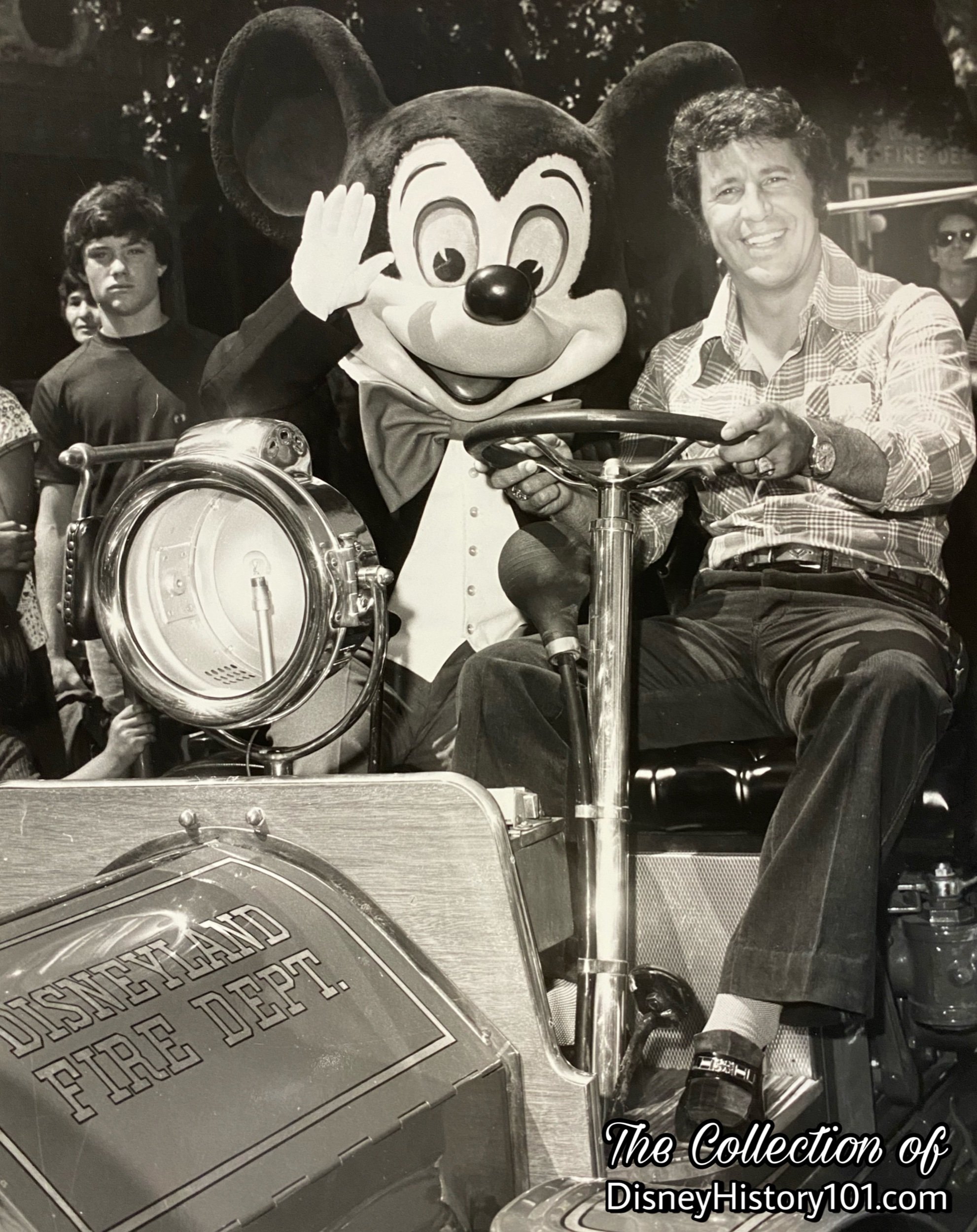

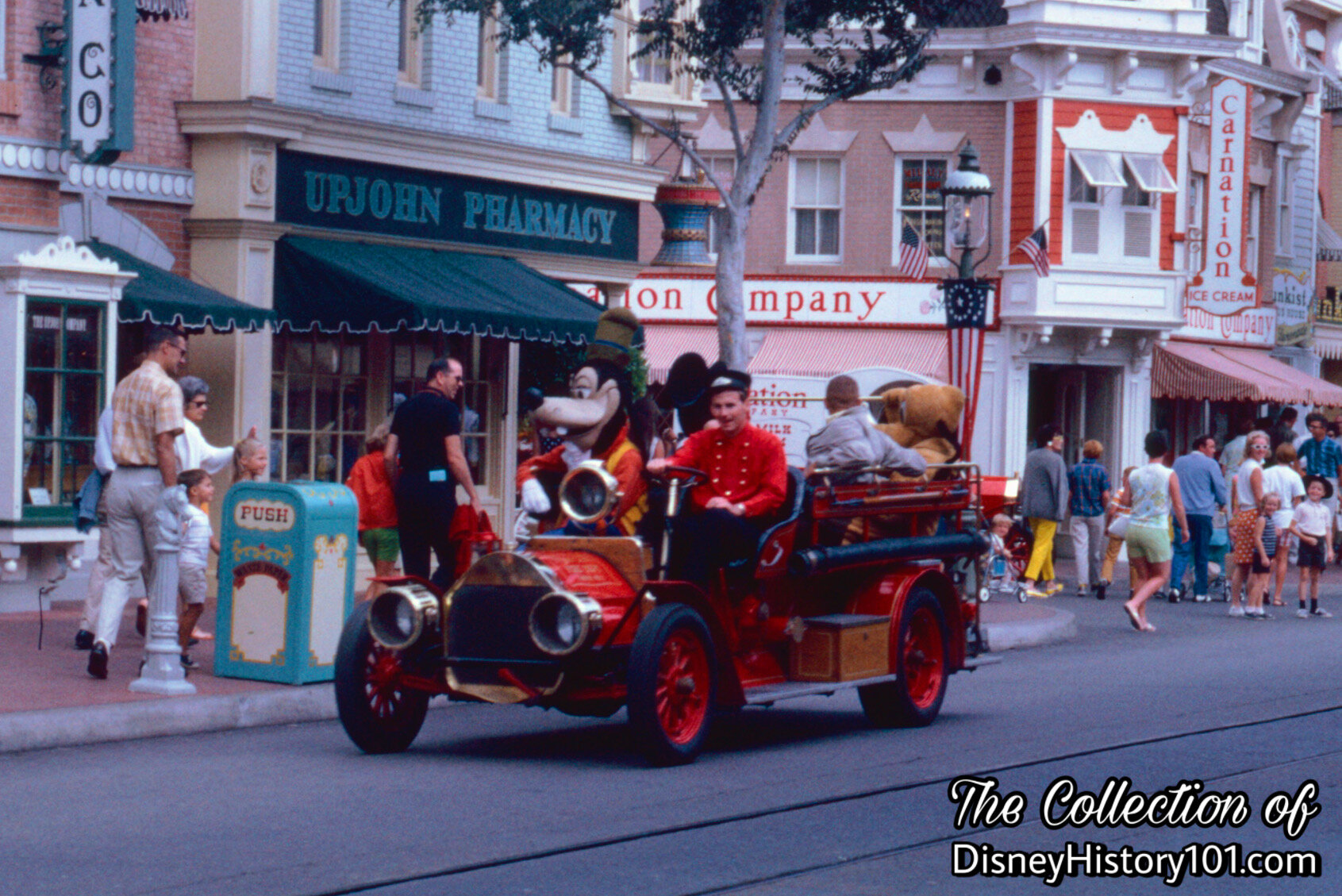
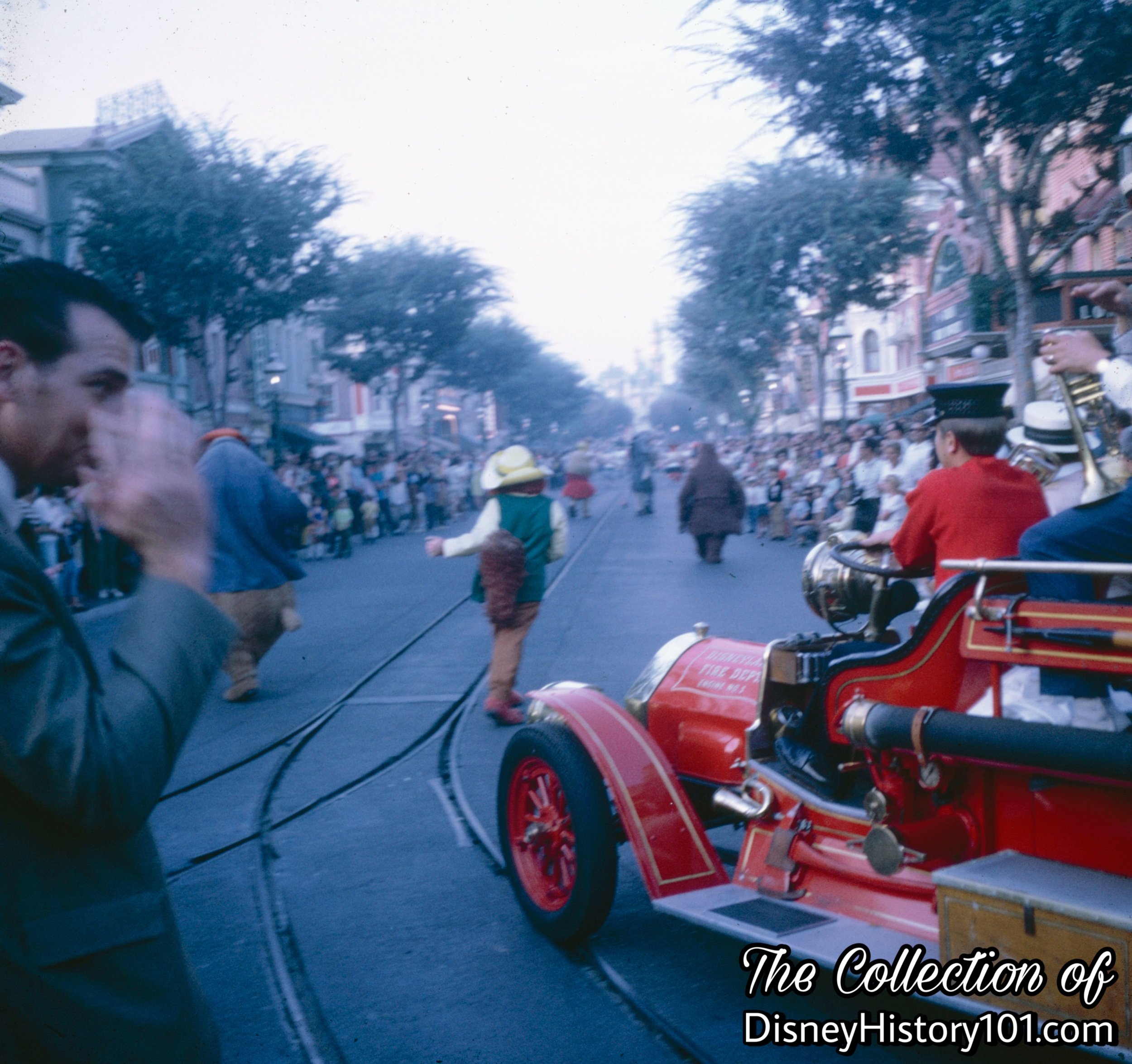

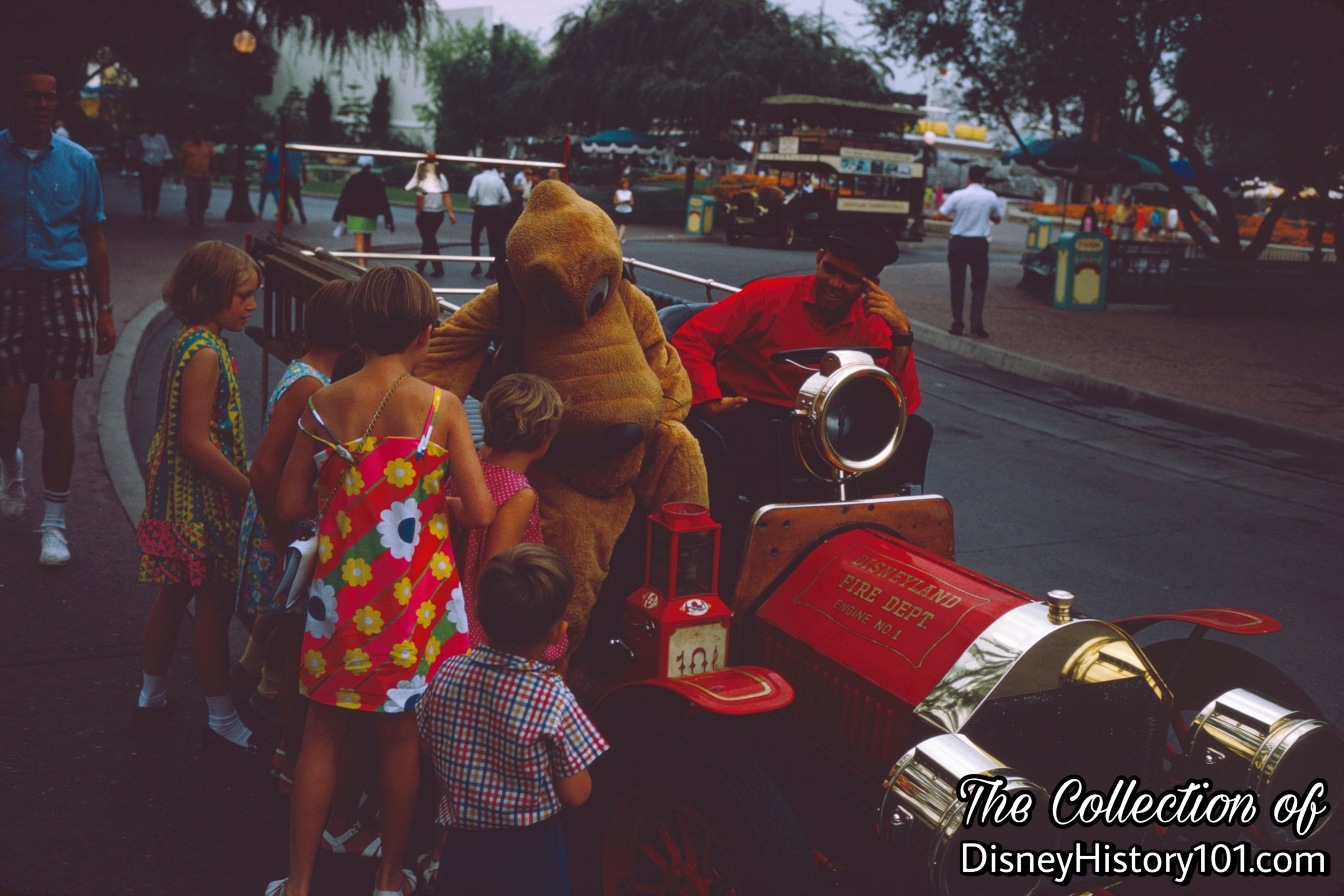

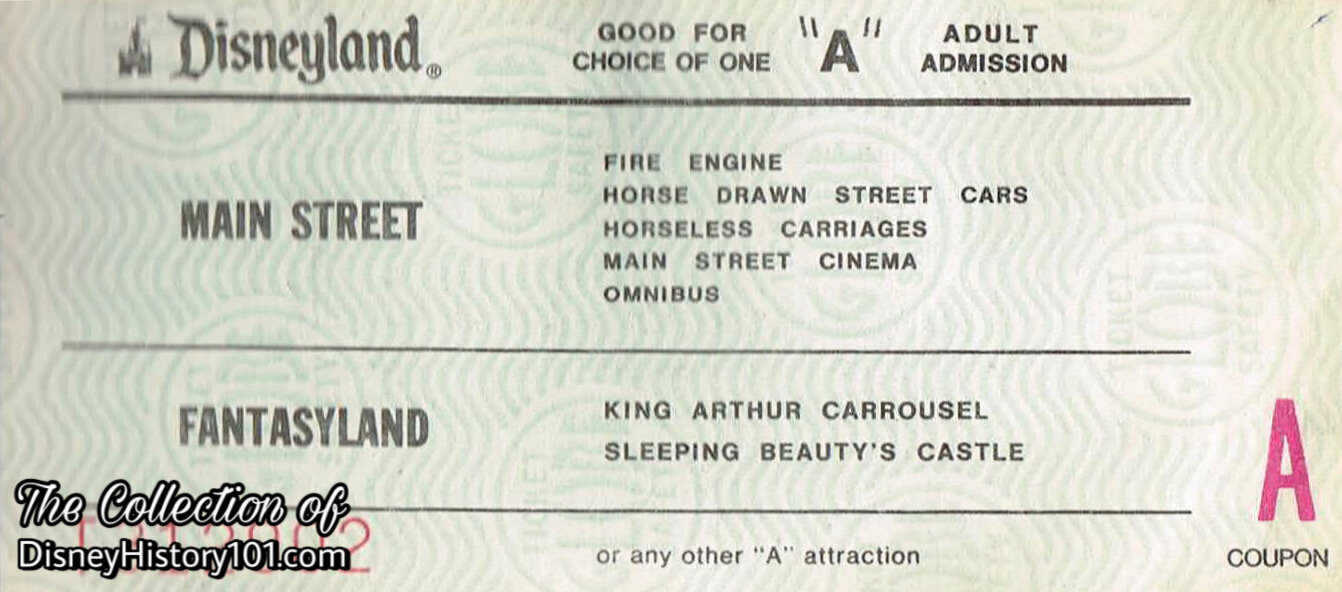
By 1981 Main Street Vehicles contributed $24,000 in revenue (of $94,576,000 area sales) for Center Stage at Disneyland.
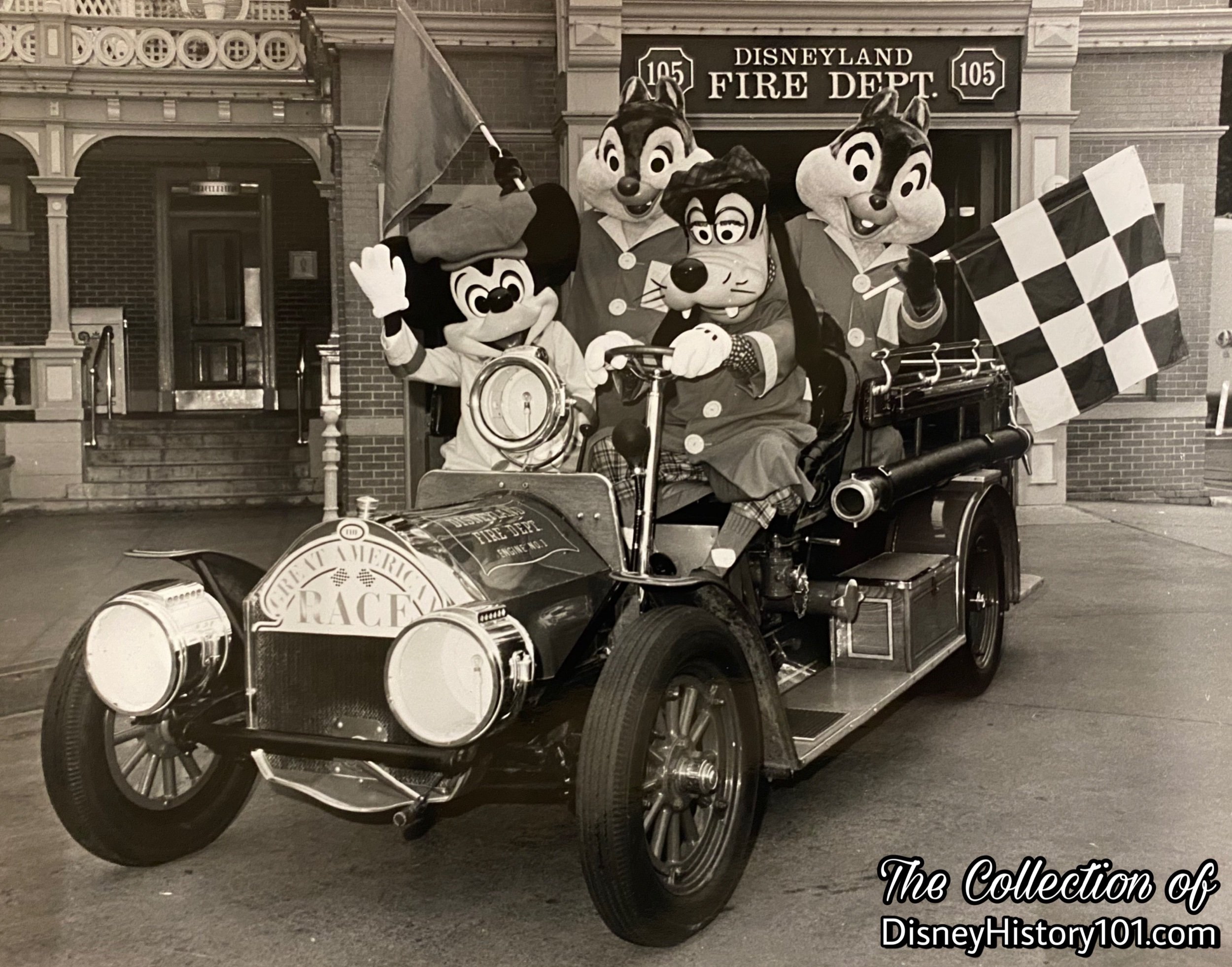
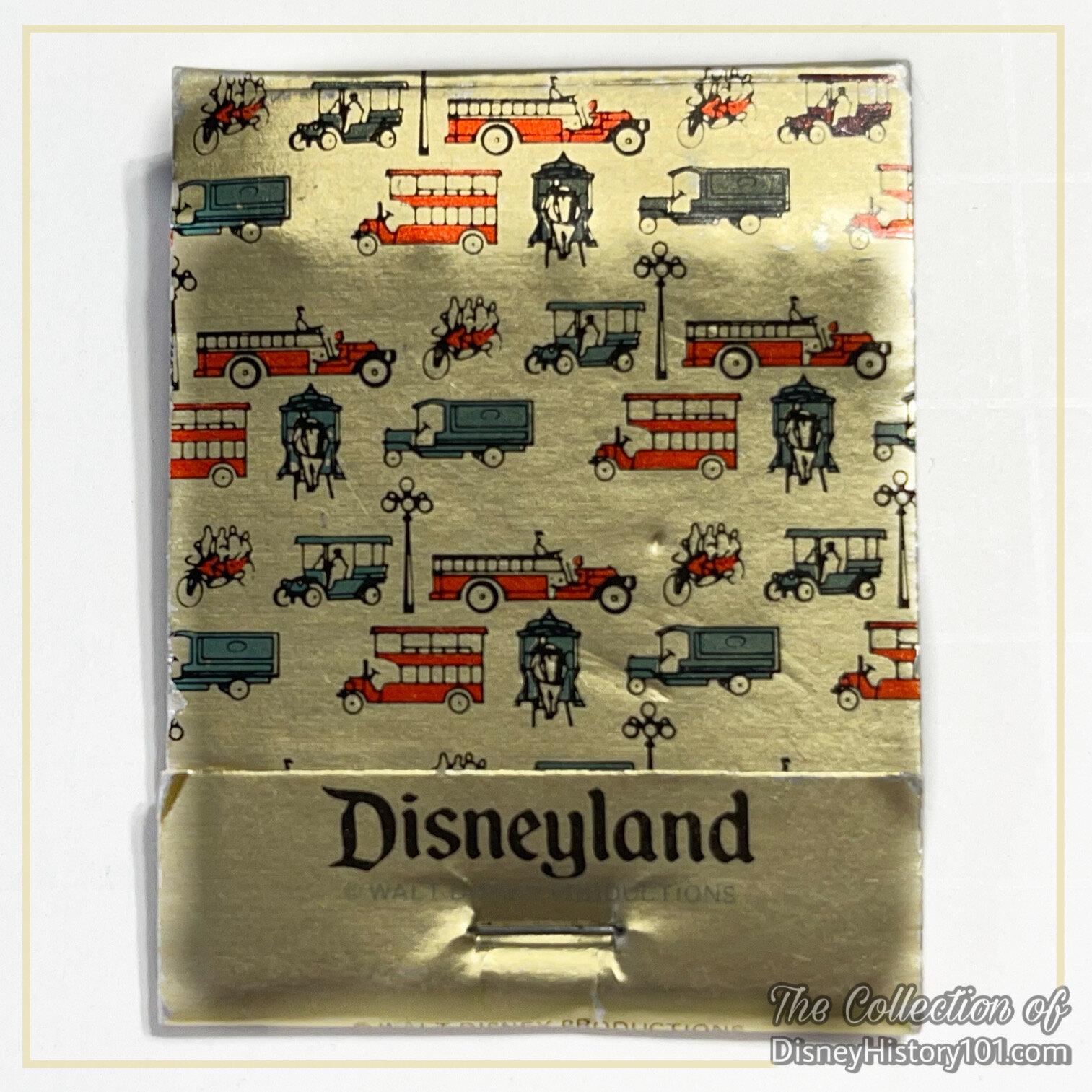
Every now and then, some licensed merchandise was produced, inspired by the Disneyland Fire Engine. One of the most fascinating pieces that was never produced was an Old Fashioned Fire Engine model kit by Strombeck-Becker, Mfg. During 1955, this kit was discussed between Philip Sammeth of Walt Disney Productions Character Merchandise Division and C.S. Olson of Strombeck-Becker. While the possibility of a Fire Engine model (based on the Horse Drawn Chemical Wagon; proportionate in size to the Stage Coach Model Kit) was explored, it was never fully realized or produced.
One of my favorites (among the licensed merchandise produced) remains this matchbook, which commemorates the D.M.C. vehicles of both the motor-driven and horse-drawn variety. The Dapper Dan’s custom bicycle makes several appearances, as well as the Disneyland Fire Engine.
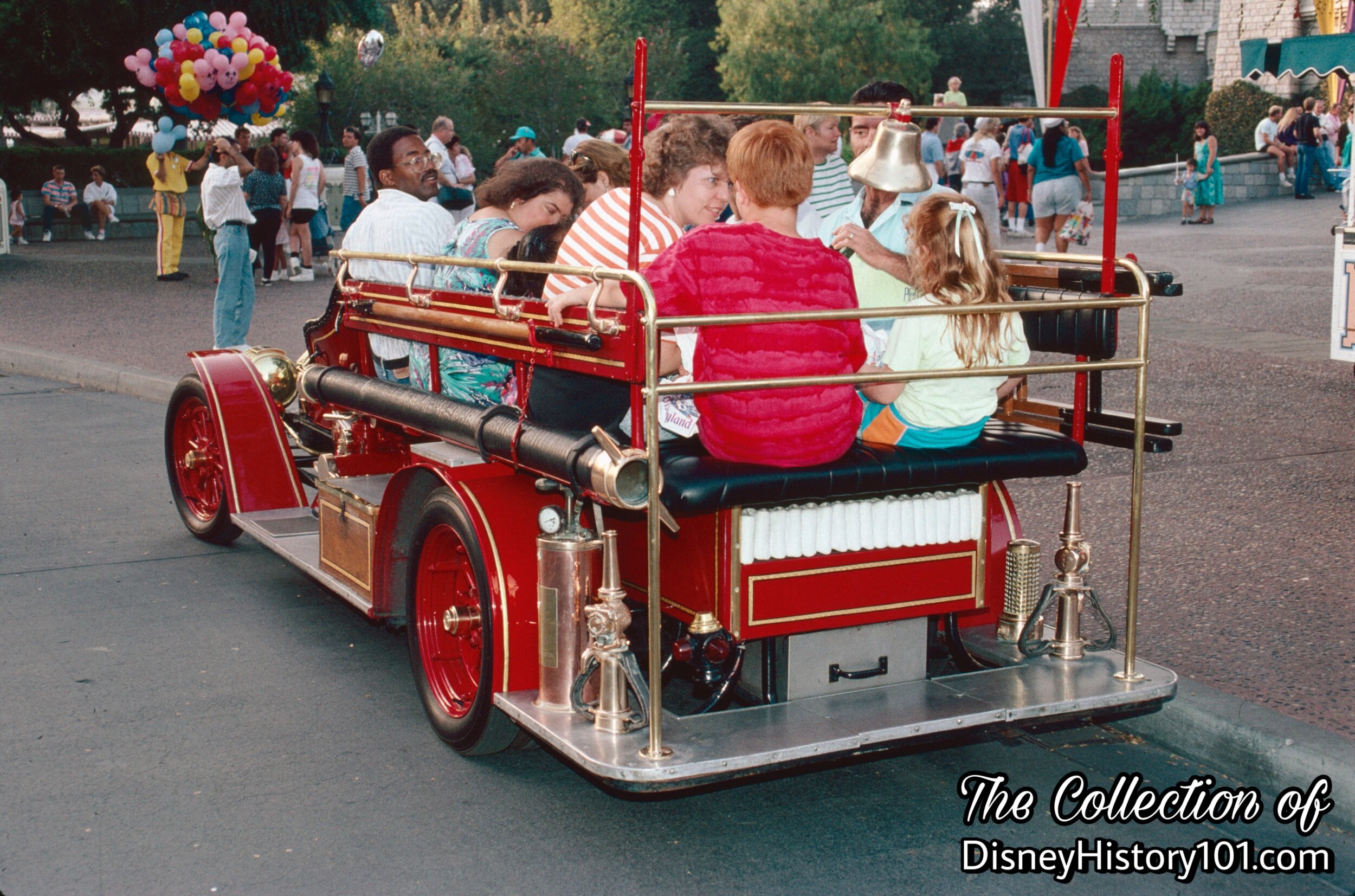
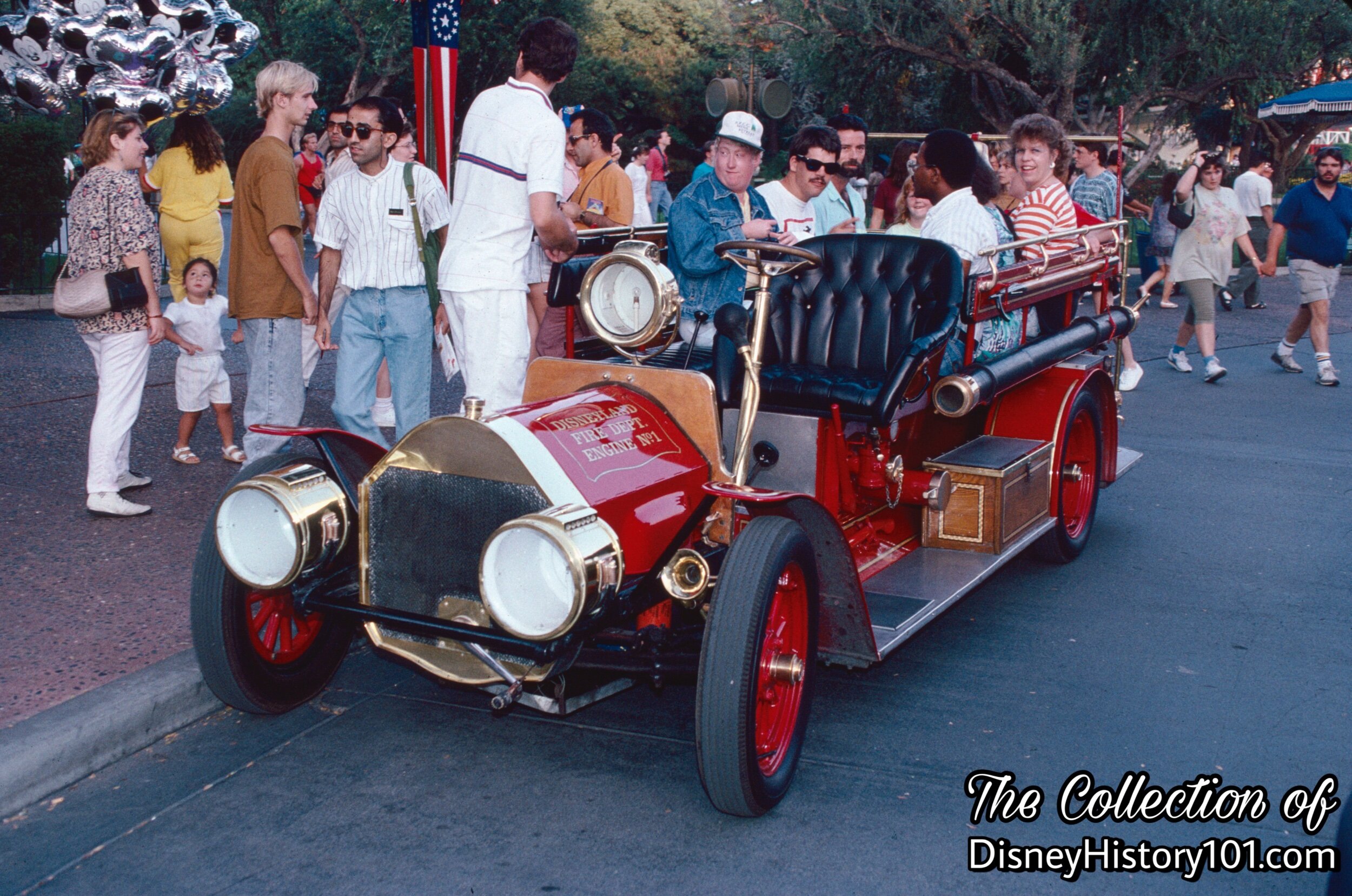
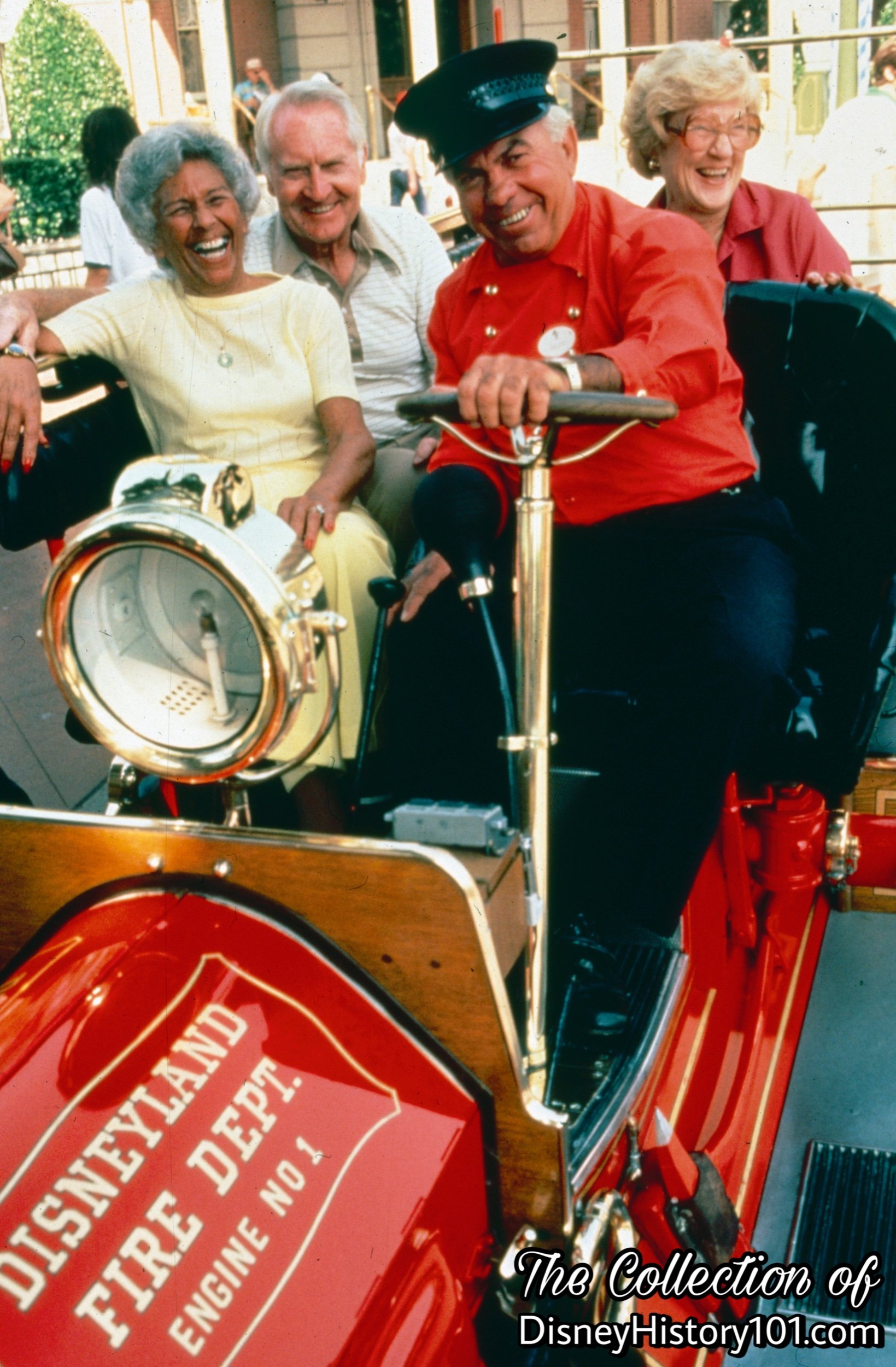
“It has been said that a Guest interacts with about 60 Cast Members during a visit. Keep in mind, this estimate refers to ‘interactions’, not all of the Cast Members a Guest actually sees.” This number includes the Hosts and Hostesses that re-create Main Street, U.S.A. with a show that is played up to Walt Disney standards. Hosts show an enthusiastic personality - an appearance, smile, and both outgoing and enthusiastic personality. They wear proper attire, a prescribed wardrobe in good repair and properly worn at all times. Hosts deliver an interesting narration - a good one. They know their facts, state them in an interesting way, and give them with enthusiasm. Hosts have a sparkling and clean appearance, that is essential to Disneyland showmanship. Hosts do their part in keeping their vehicle clean at all times. They are “popcorn picker-uppers”. Their realistic performance is most-important, living their role. The Disneyland Fire Engine Host is a conductor or driver at the turn of the century - only much more friendly and courteous!
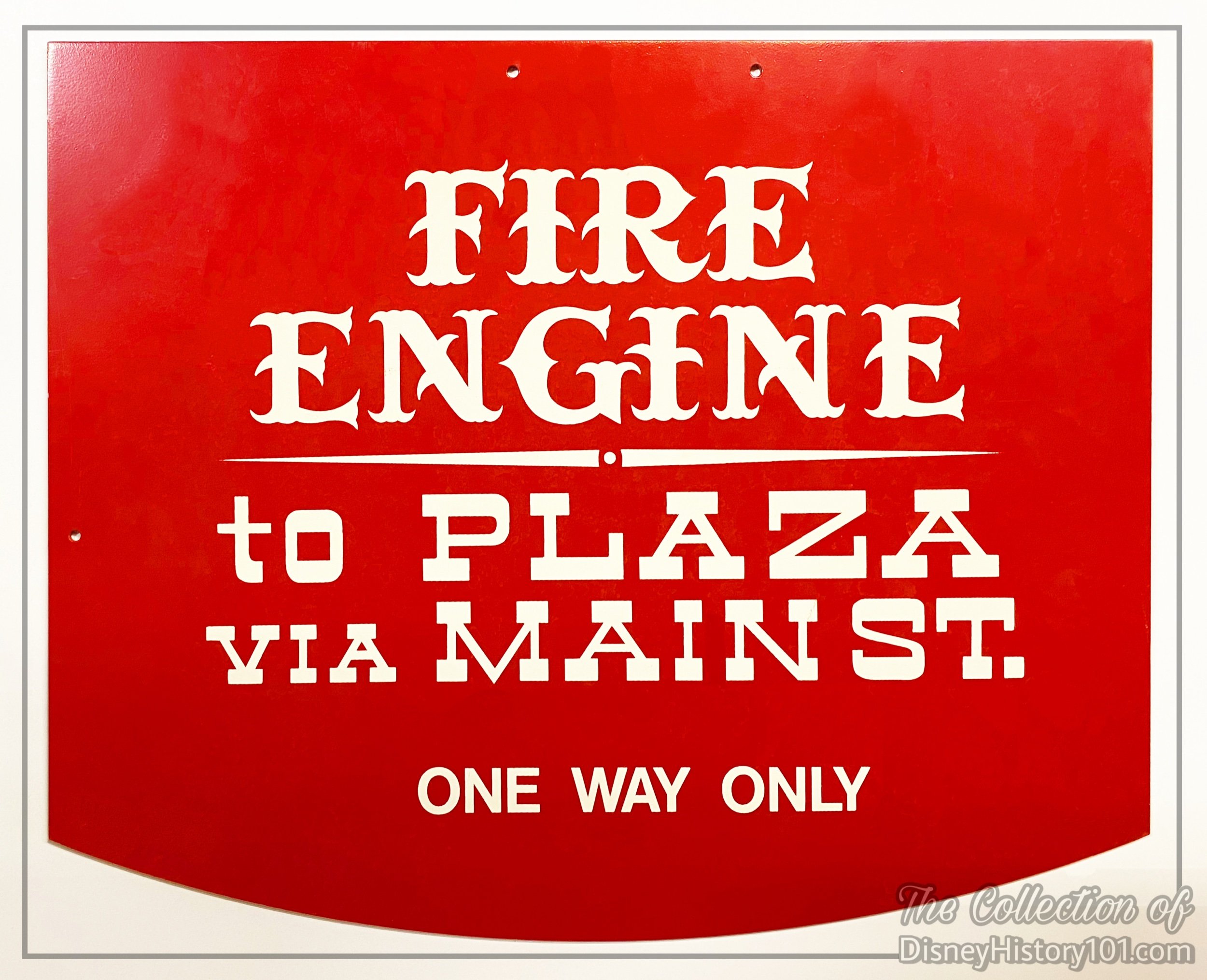
By 1996, the Main Street Vehicles (Fire Engine, Horseless Carriage, Omnibus, Horse-Drawn Streetcars, ‘03 Red, ‘03 Yellow, Double-decker touring bus (5/8-scale), and Horse-powered trolley cars were presented by National Interrent.
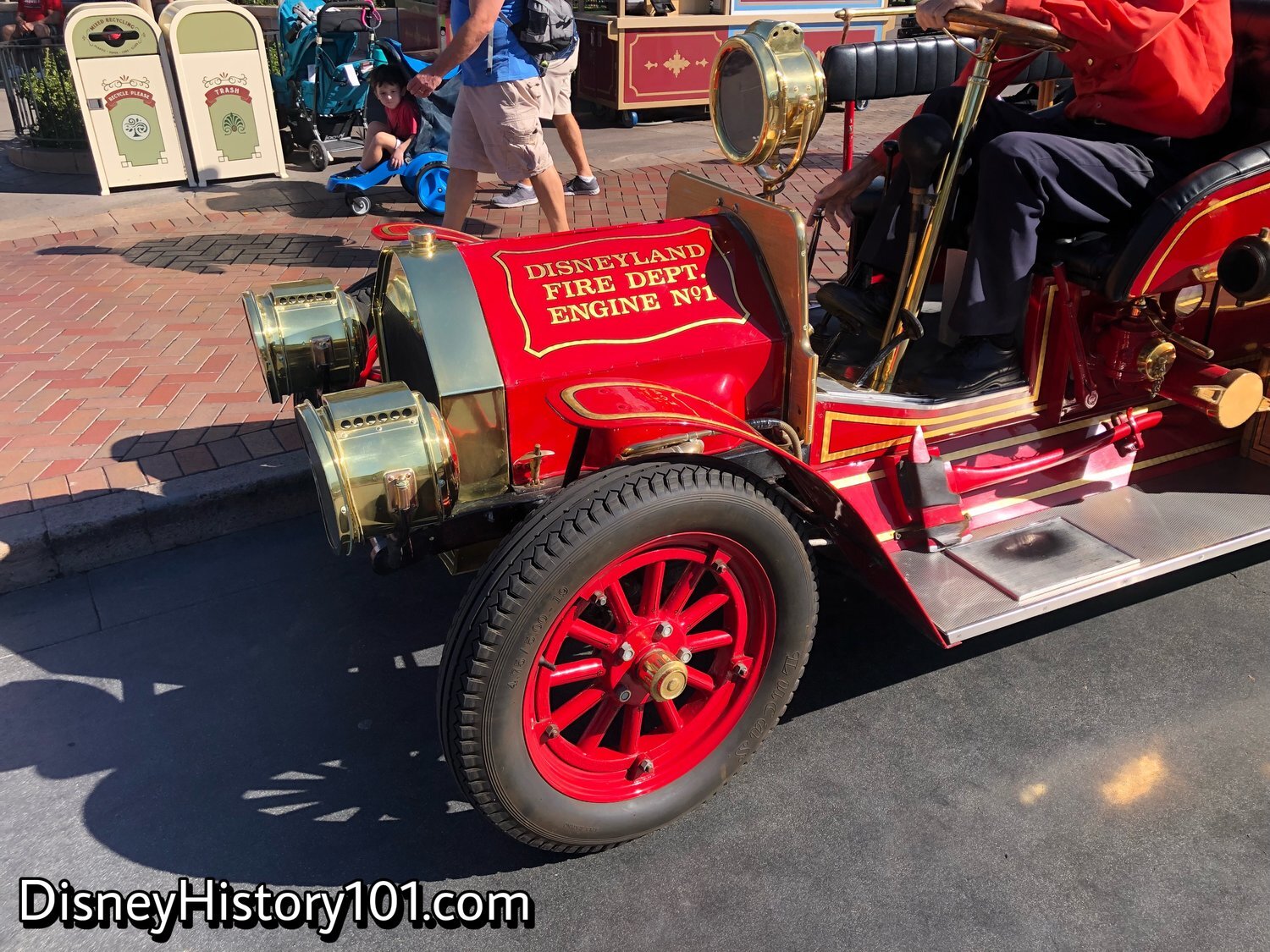
The Disneyland Fire Department Engine has received regular maintenance and rehabilitations through the decades. Some (like the new gold-leaf font of the characters on the hood) are more noticeable than others.
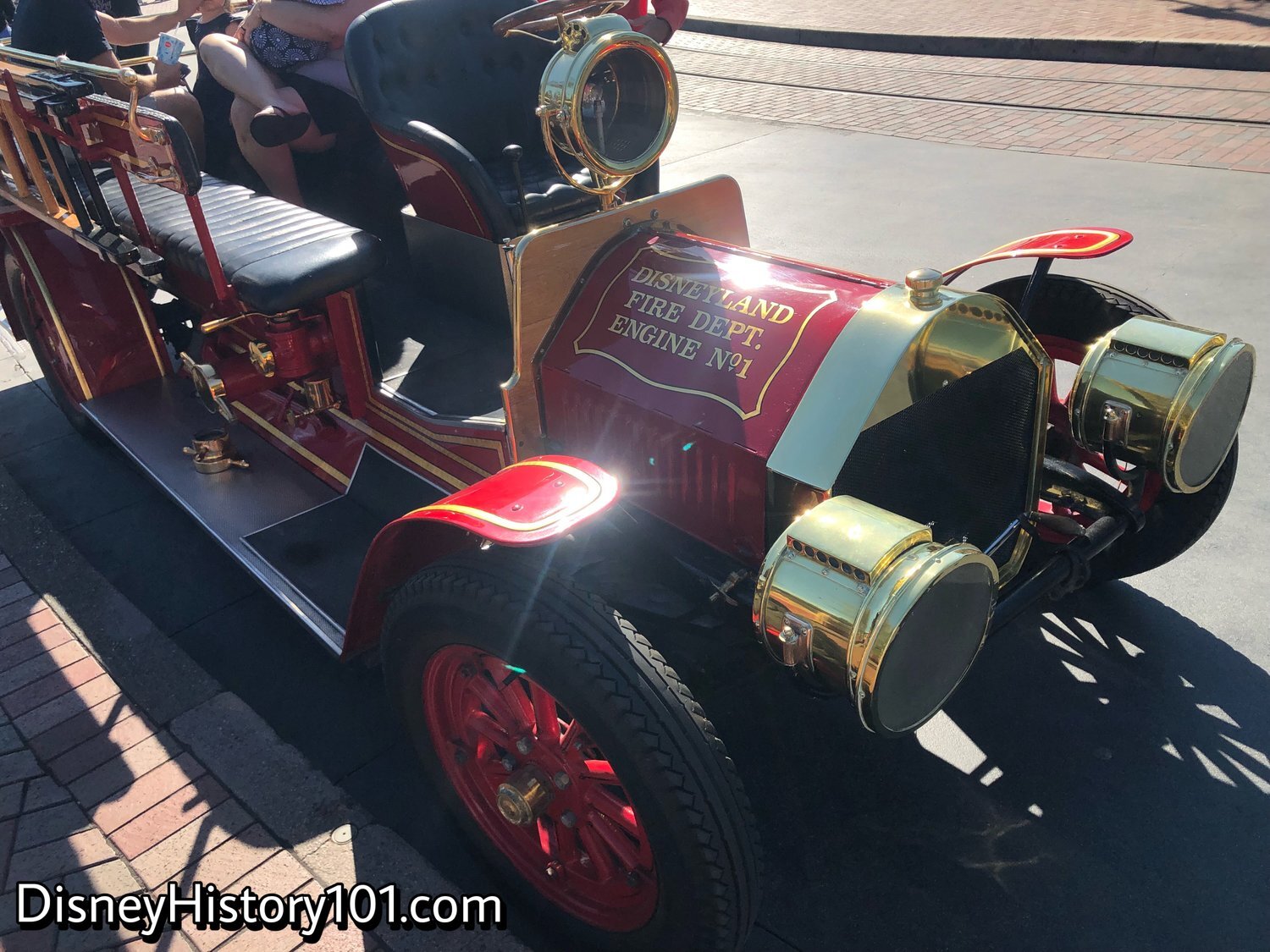
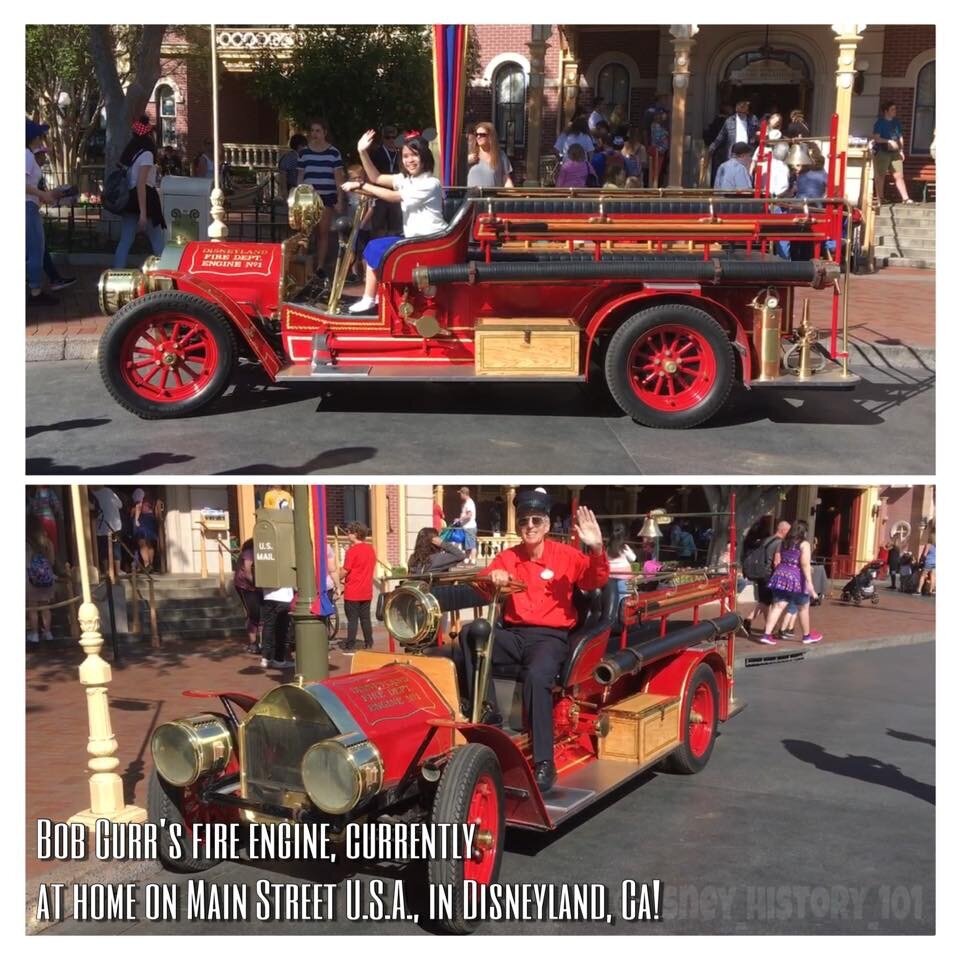
Disneyland actually looses money on Main Street vehicles, but they are vitally important to the showmanship of Walt’s recreation of Main Street U.S.A. These are essential, operated by the “first impression” and “last impression” representative host of Disneyland.
By the 1990s, the name on the attraction’s sign had been shortened from Main Street Fire Engine to simply, Fire Engine.

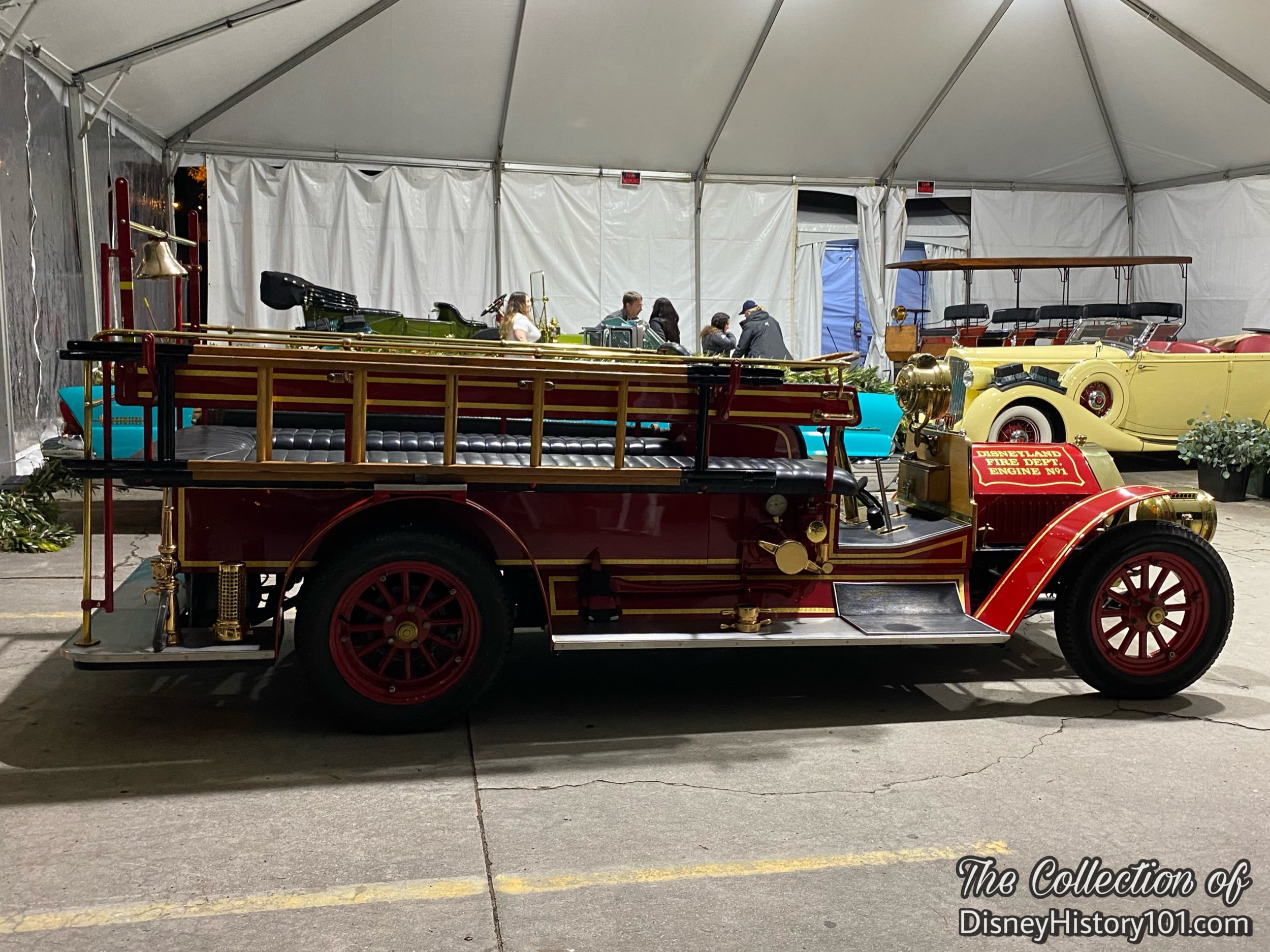
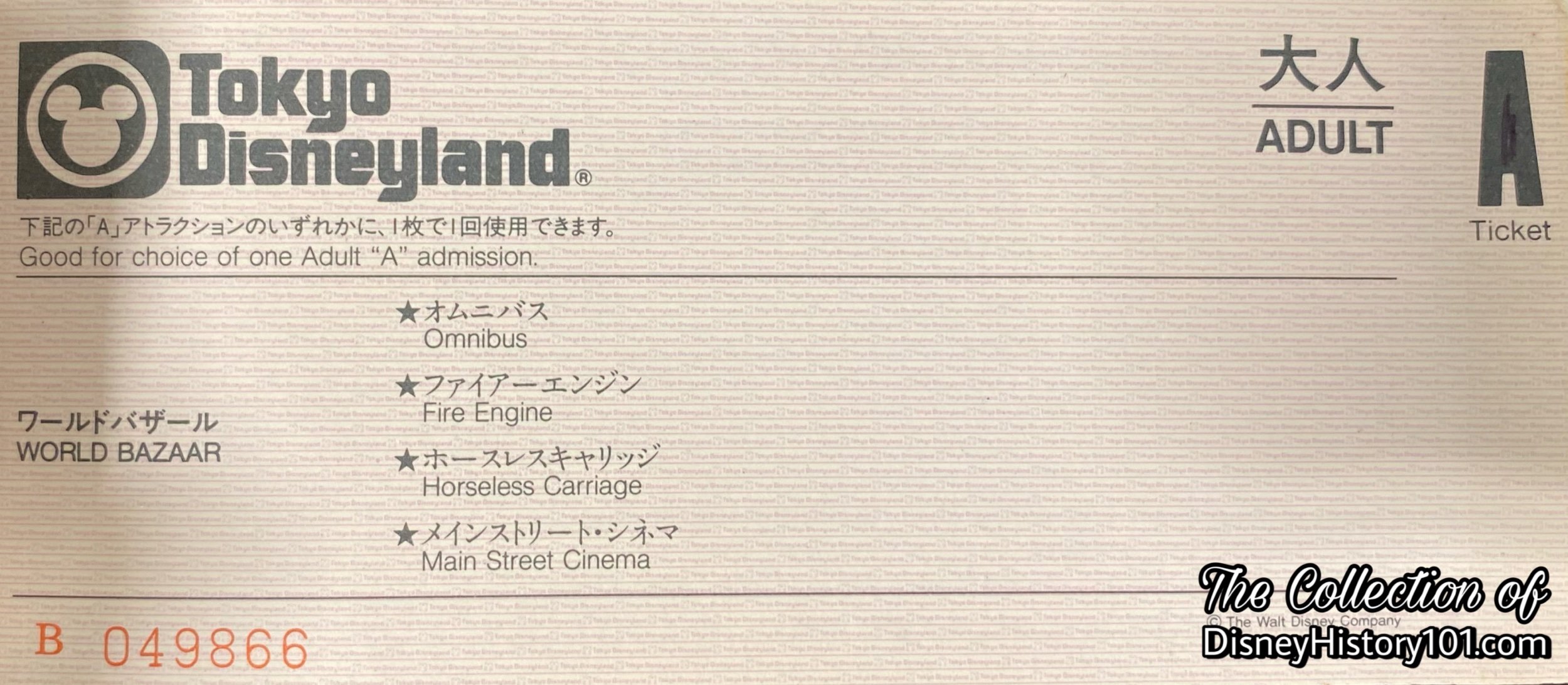
DISNEYLAND FLOWER MARKET
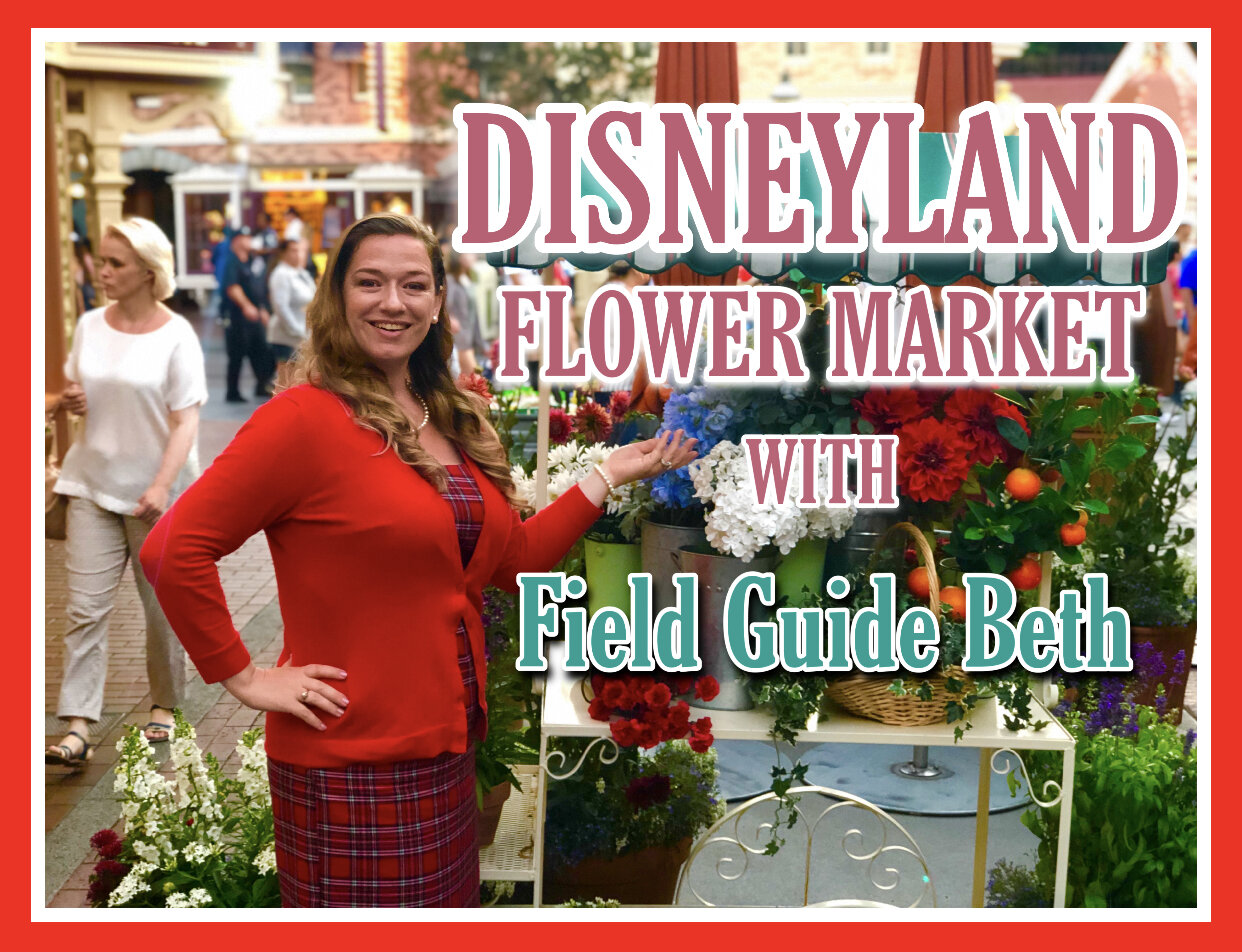
THIS is the scene down East Center Street today - the sight of freshly grown flowers in pots filling colorfully covered carts! Though adding to the small-town turn-of-the-century ambiance, these carts are actually a nod to another Disneyland attraction from Disneyland’s first decades. Let’s take a brief stroll down Center Street, and stop to “smell the flowers”!

This was the average early morning scene on West Center Street during the first two years of Disneyland’s operation. West Center Street was located at the center of the length of Main Street, on the west side; leading to Guest rest rooms. Before long, Walt’s promise of an ever-expanding vision would commence, and this quiet turn-of-the-century street would bustle with new attractions and experiences in shopping - outdoor vendors!
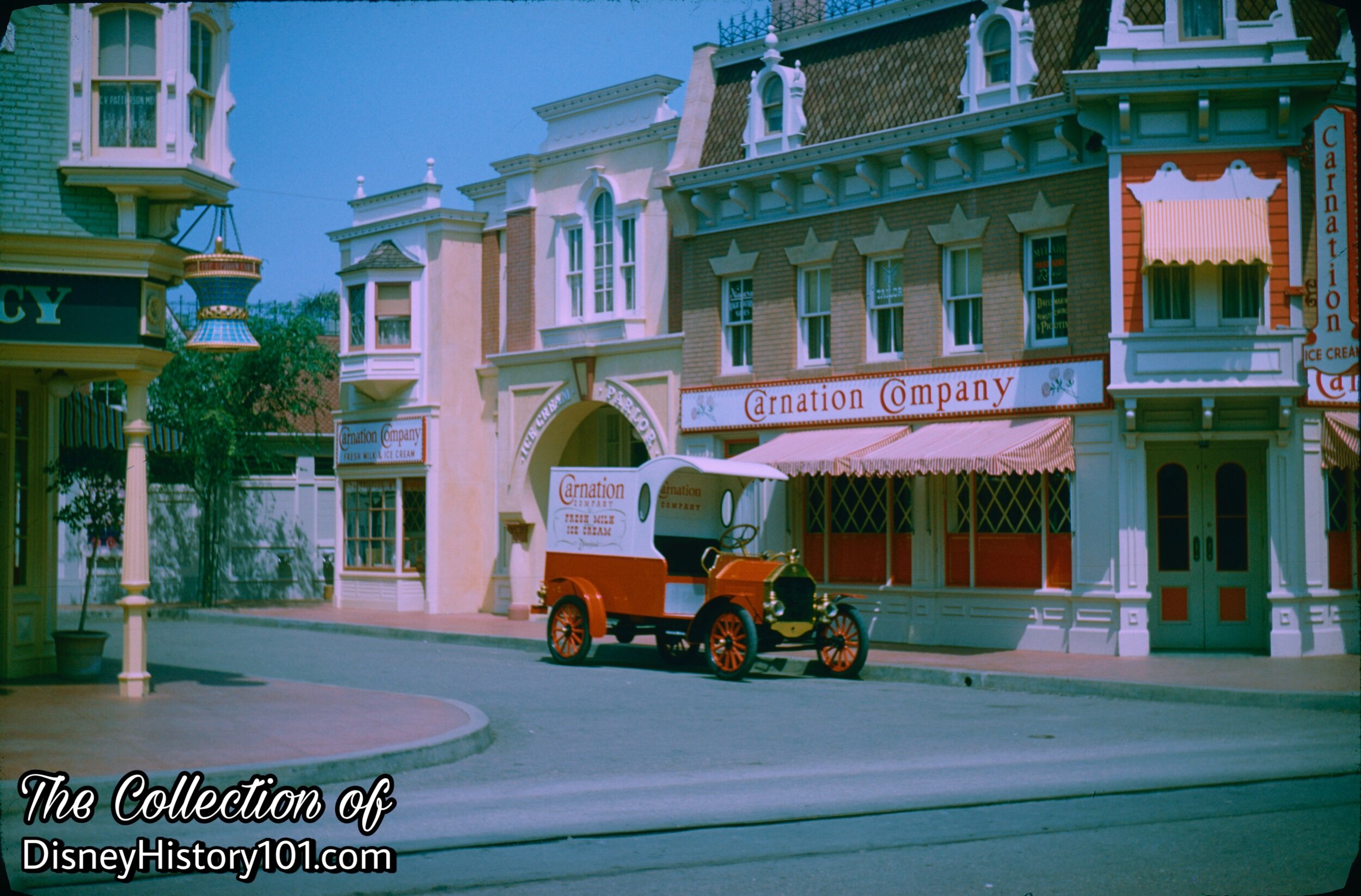
During Disneyland’s first year or two, while the Popcorn Cretors occasionally set up outside Gibson Greeting Cards on east Center Street, artists could often be found on West Center Street. Occasionally, the sounds of the Keystone Kops Quartet could be heard there.
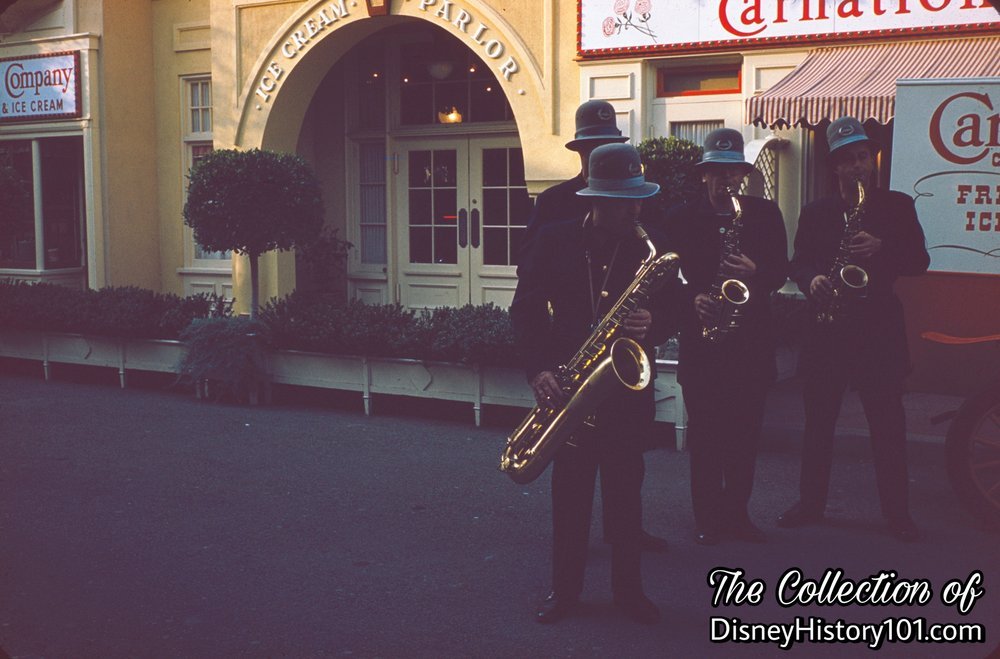
But, after the Artists were cleared out of “the Alley,” Disneyland, Inc. opened Job #032-50-37 - the construction of a Flower Market, on West Center Street. The attraction was an efficient, maximum utilization of space. It would include the construction of a flower stand and two flower wagon bodies, planter boxes and liners, wood lattice work by restrooms, and a storage area for the flower stand. The costs were as follows: design ($433.50), labor ($3,250.79), materials ($272.61), outside purchases ($459.92), two umbrella frames and covers ($32.06). Including Studio overhead, construction, and Cowelco subcontract costs, the job cost totaled $5,682.67 once closed.
Soon, new vendors appeared on West Center Street (between the 300 and 400 blocks of Main Street U.S.A.) - florists! West Center Street quickly “blossomed” into “one of the loveliest and most photographed spots in Disneyland...the beautiful Flower Mart on Main Street where guests may enjoy ‘the world’s finest natural flowers not grown by nature.’” Guests taking a stroll down Main Street U.S.A. were naturally drawn to the colorful nook between Upjohn Pharmacy and Carnation Cafe.
The Disneyland Flower Market was operated by Disneyland, Inc. Maps and Guidebooks published during the years of operation have identified this outdoor shop simply as the Flower Market, though the sign above one of the main carts clearly read “Disneyland Flower Market.” Year round, “imported plastic flowers of every description” were sold here, ranging from 50¢ to $2.75 (during the early sixties), and packaged in attractive florist boxes!
The Disneyland Flower Market was one of the preferred Disneyland merchandise locations to work. Anne Salisbury (known to guests as “Flower Market Annie”) was a Merchandise Hostess who had the longest tenure with Flower Market - lasting from 1955 until about 1977 (when she retired). When Annie was first employed by Disneyland, she had three family members who were also employed by Disneyland, and Annie’s own daughter even “blossomed” into one of Disneyland’s first Tour Guides!
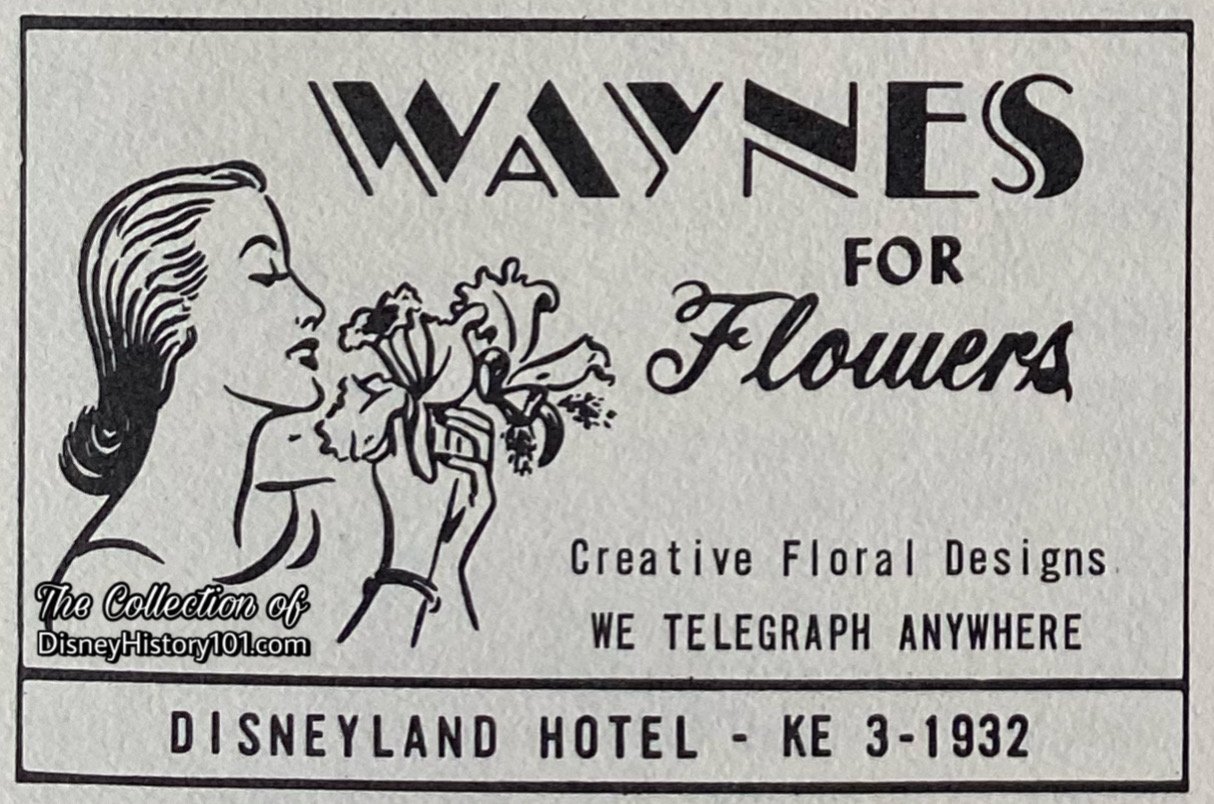
While the Flower Market carried plastic flowers of every description, by 1958, Guests could purchase organic flowers at the Disneyland Hotel. Waynes for Flowers offered orchids to Disneyland Hotel Guests, which could be ordered by dialing KE3-1932. Both locations created tangible memories Guests through its merchandise and show.

According to The Disneyland Shopper (published 1955): “Half the fun of buying Christmas Gifts is the atmosphere you shop in. You couldn't ask for more in the way of the spirit of Christmas than to shop in Disneyland. Especially along Main Street will you catch the air of the good old-fashioned Christmas with wreaths of holly, Christmas bells, carolers, snow-frosted windows gaily decorated with fairytale rhymes, and the scent of pine boughs in the air. Ringing through this Magic Kingdom are the Christmas Songs we all love to hear.”

The 1957 TWA brochure “Let’s Talk About… My Visit to Disneyland, Anaheim, California: A Note from Mary Gordon TWA Travel Advisor” mentioned: “We learned that to fully explore Disneyland takes two days, so early next morning we were at the gates of the park again. The second day we spent more time shopping in the 50 inviting shops, and the youngsters bought inexpensive souvenirs to take home to friends.”
During this era, Wilmark helped maintain the Quality of customer service received at this and other Disneyland merchandise locations. As a sidelight, by October 1959, Jim Baker (of Merchandising) was overseeing the Disneyland Food Administration and Souvenir Sales.
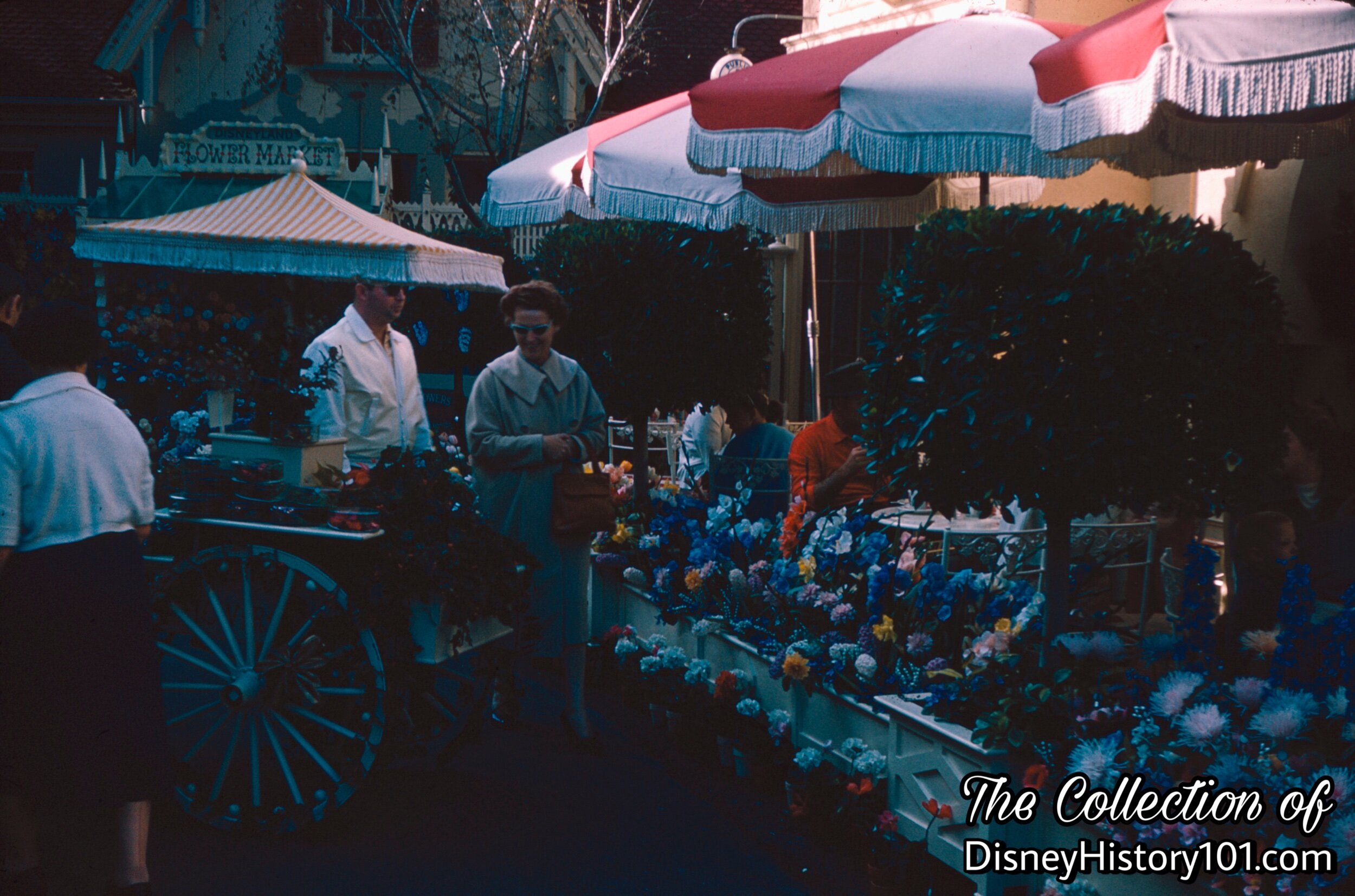
The DISNEYLAND FLOWER MARKET had colorful displays of many flowers, all handmade for lifelike appearance and all available for purchase.
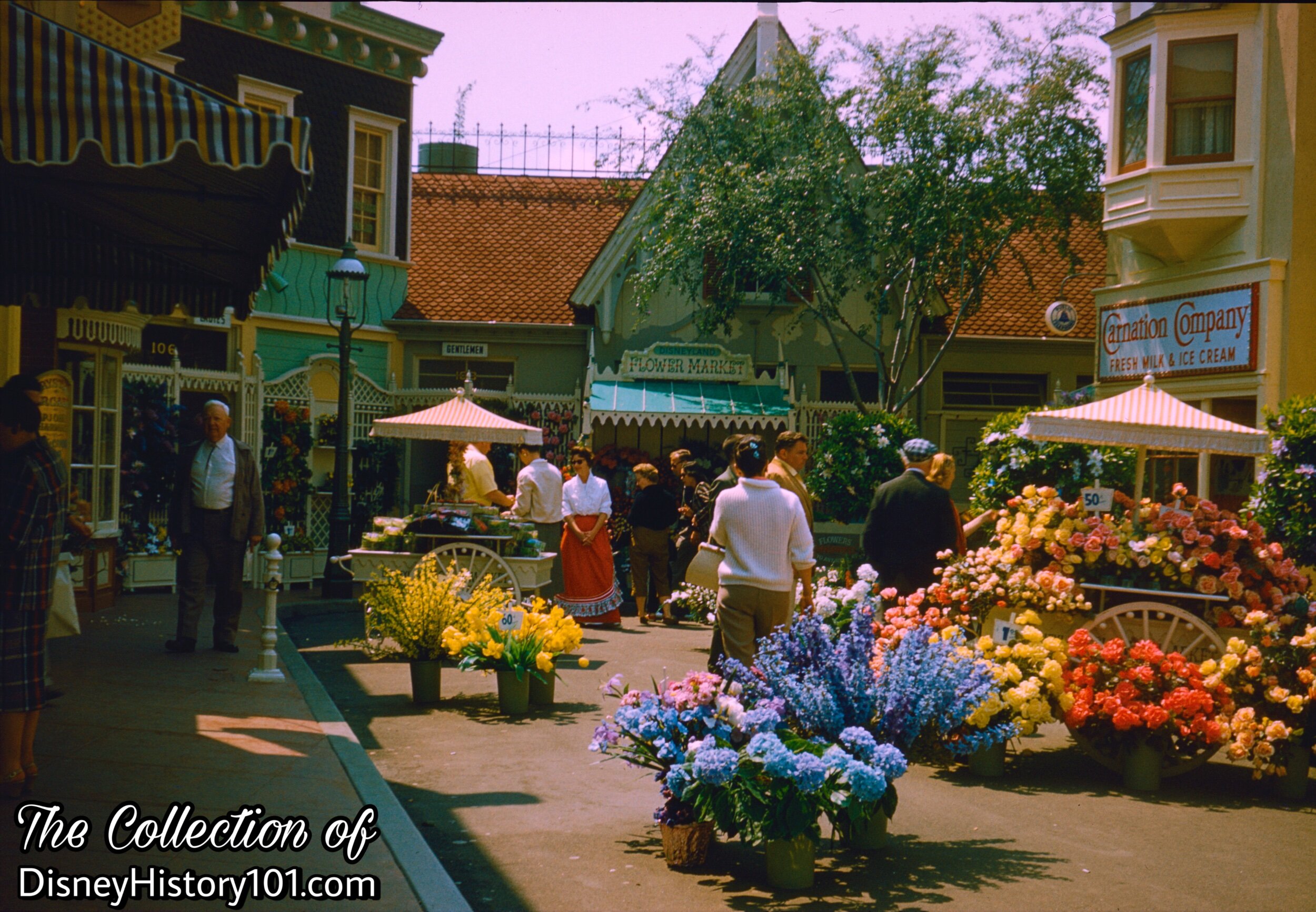
During the late 1960s, a Flower Stall was also opened in the Grand Courtyard of New Orleans Square, offering “artificial flowers made from a number of unusual materials not always found in this type of merchandise”.
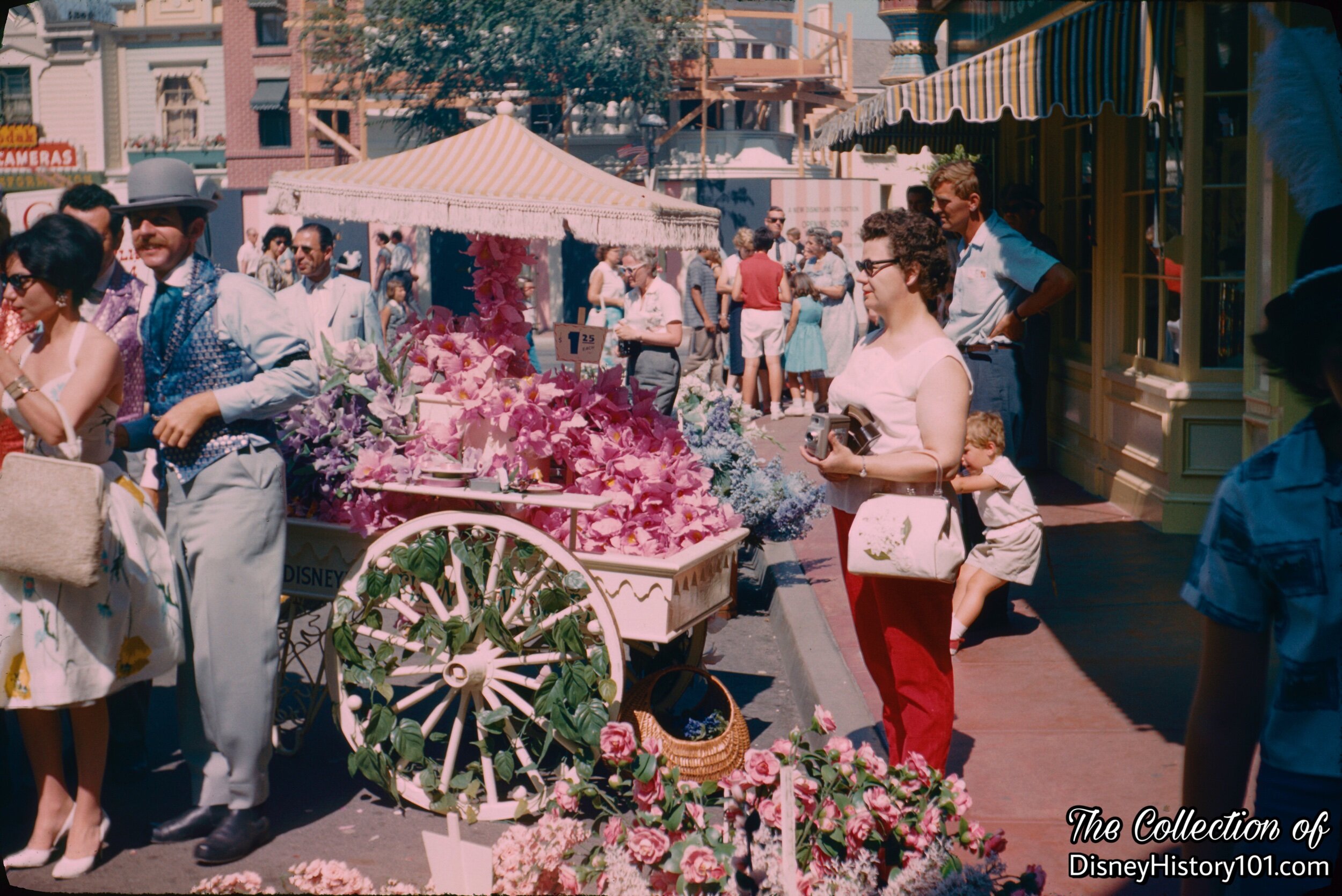
This was the scene on June 17, 1960 - a bustling Center Street, Dapper Dans making acquaintances, Hallmark Communication Center construction scaffolding across the street, and a “fresh” stock of summer flowers at the Flower Market carts!
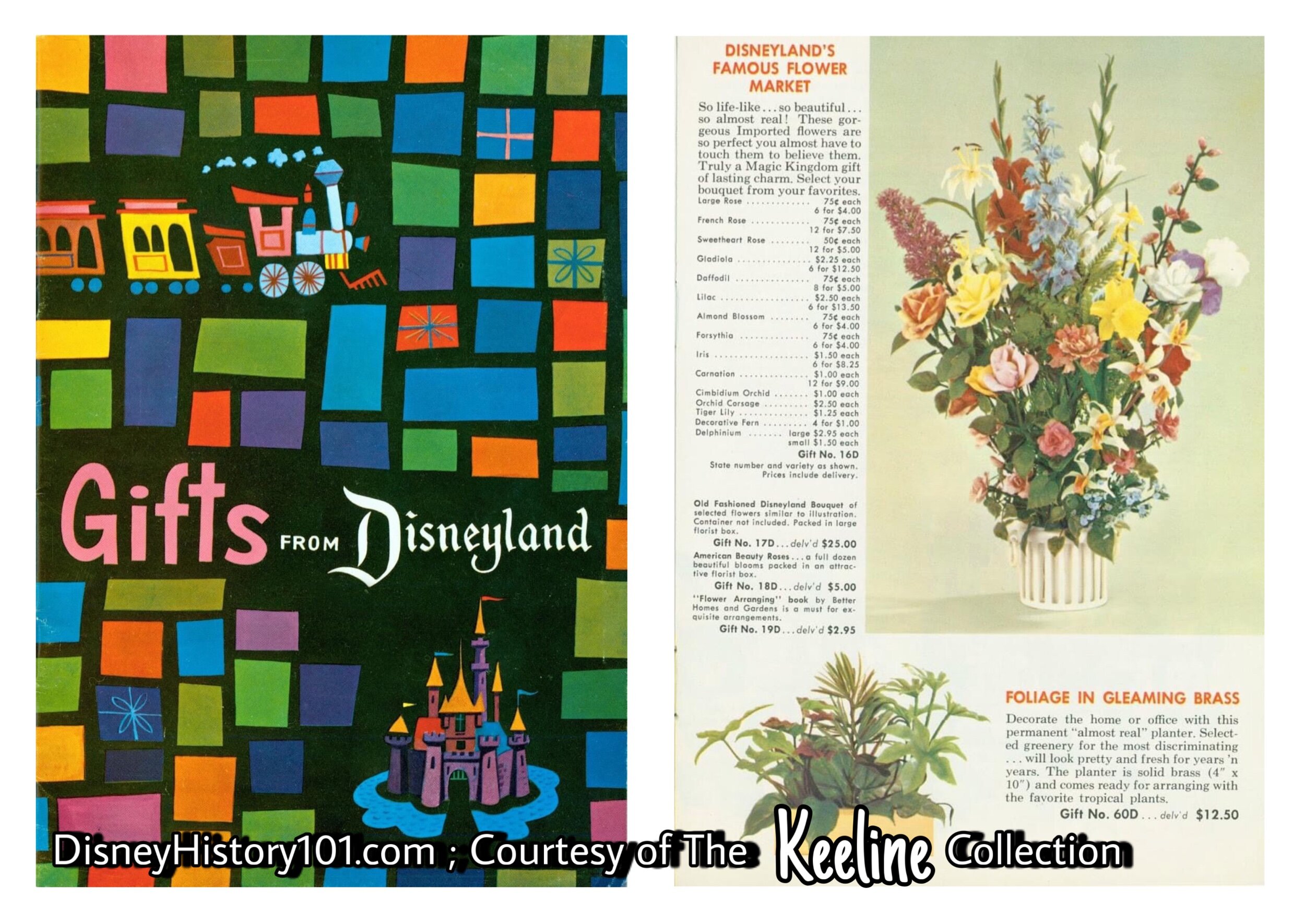
Did you ever order a gift bouquet of flowers for a loved one? The Gifts From Disneyland catalogue enabled both guests and those who hadn’t visited to purchase “imported flowers” from Disneyland’s famous Flower Market! By the Winter of 1961-1962, there were “80 different varieties,” thanks to Disneyland’s Merchandising Department, according to a contemporaneous Vacationland column. By 1963, there were 30 different varieties of scented flowers alone, that (despite not being the real McCoy), fool many a passerby.
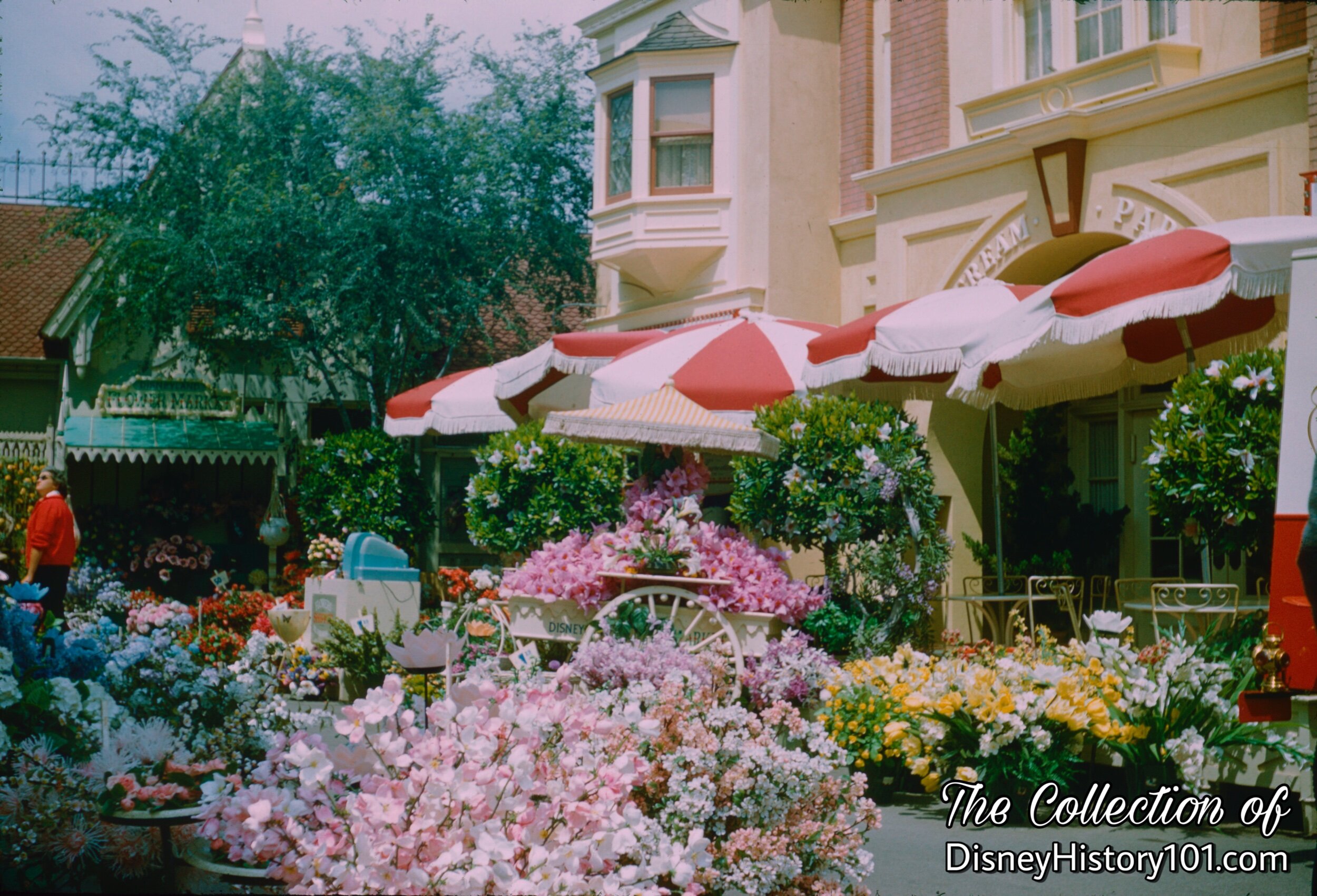
Inventory of Main Street Flower Mart varied both perennially and annually, throughout the course of the year. April showers, brought a full stock of “May flowers” to Main Street Flower Mart!
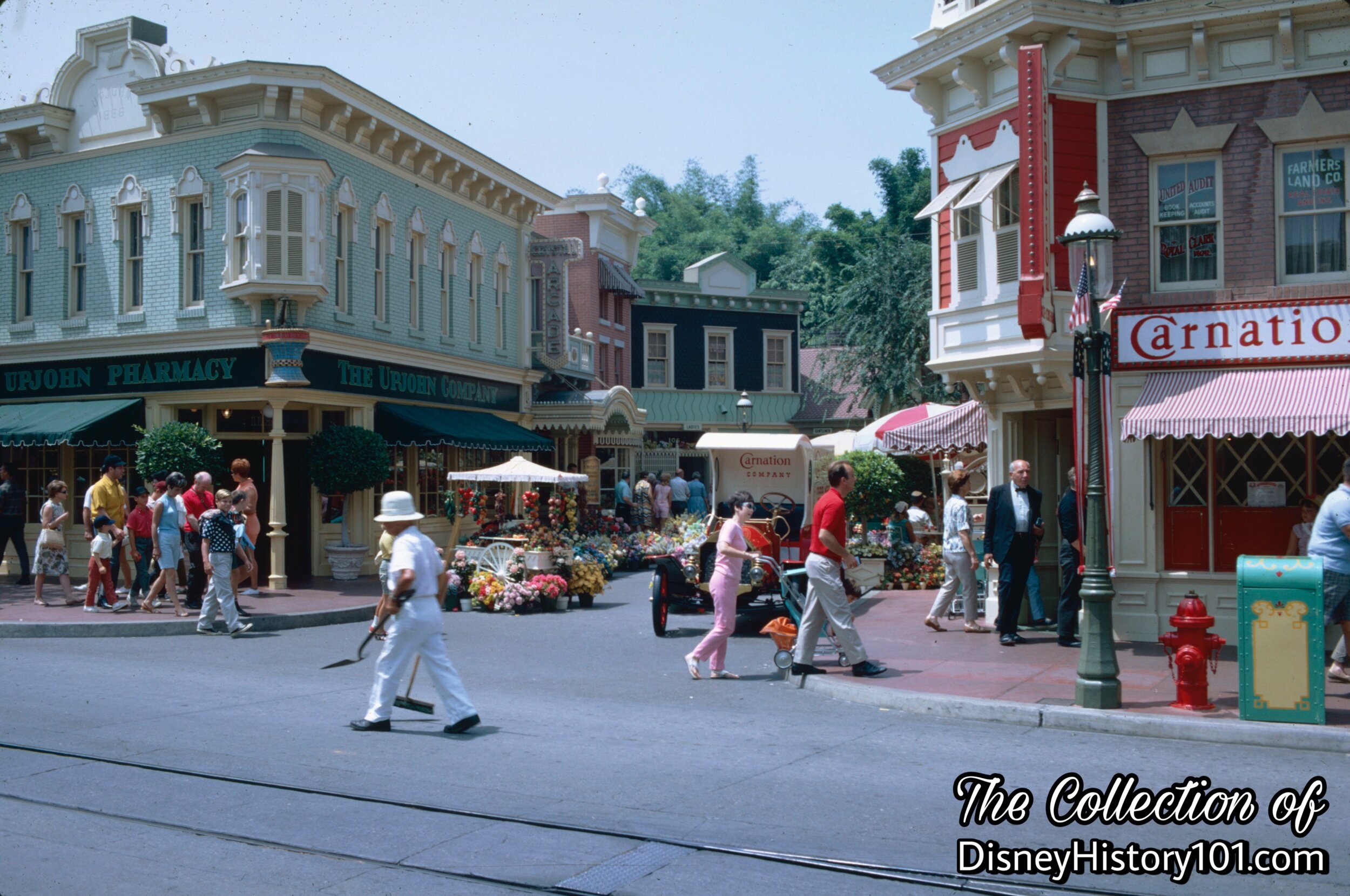
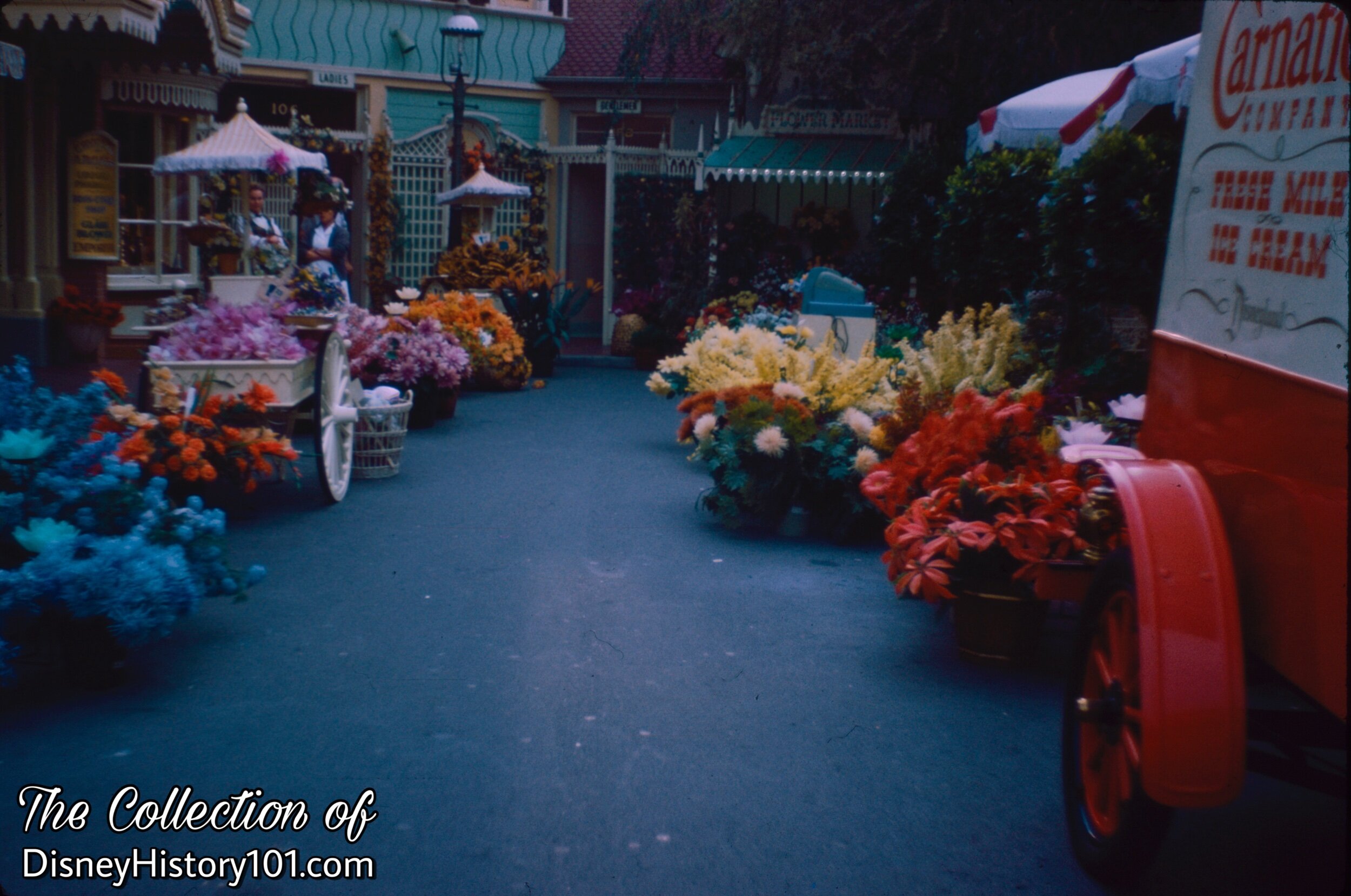
Main Street Flower Mart was originally located on West Center Street, between Carnation Ice Cream Parlor and Upjohn Pharmacy.
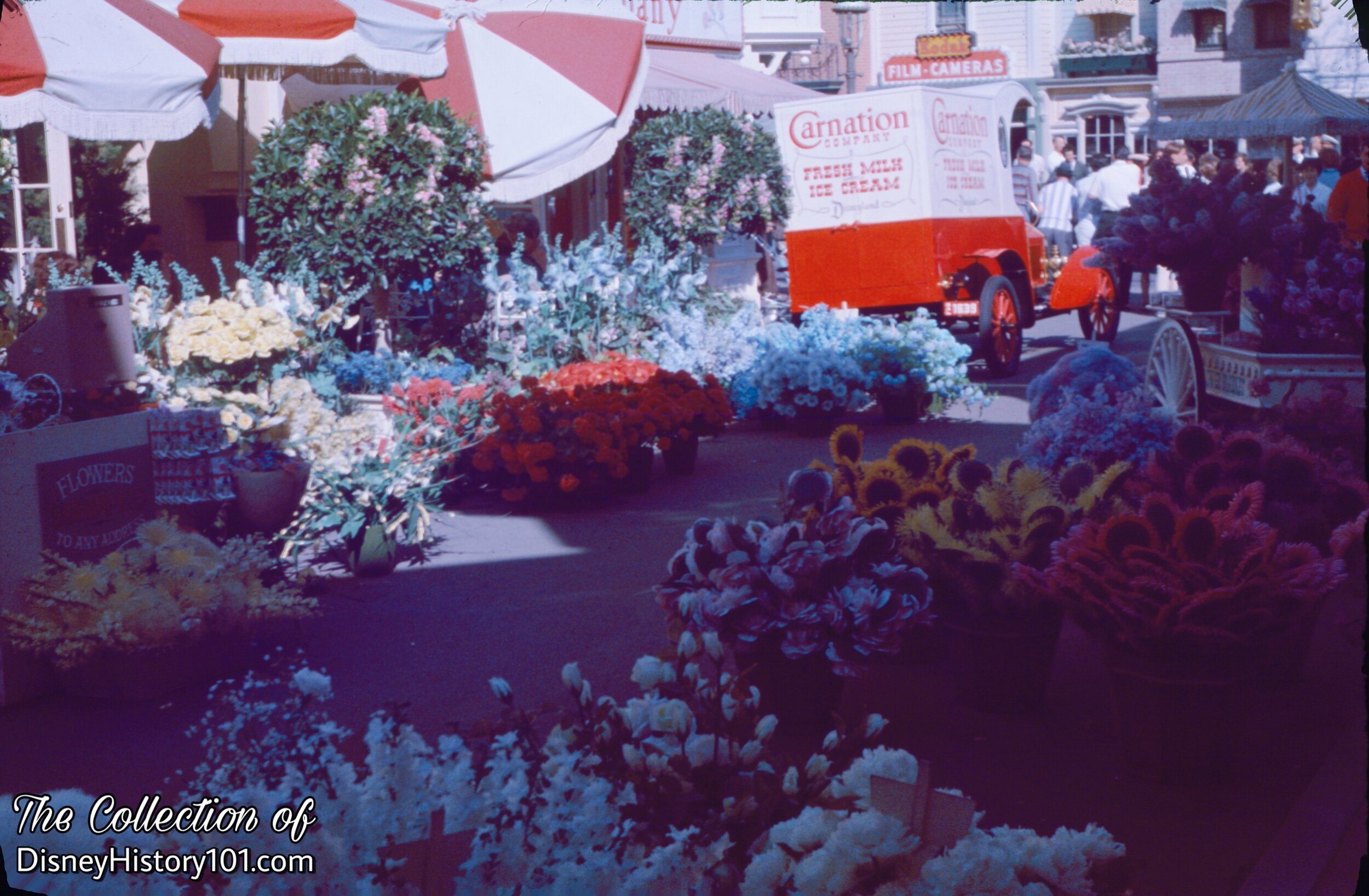
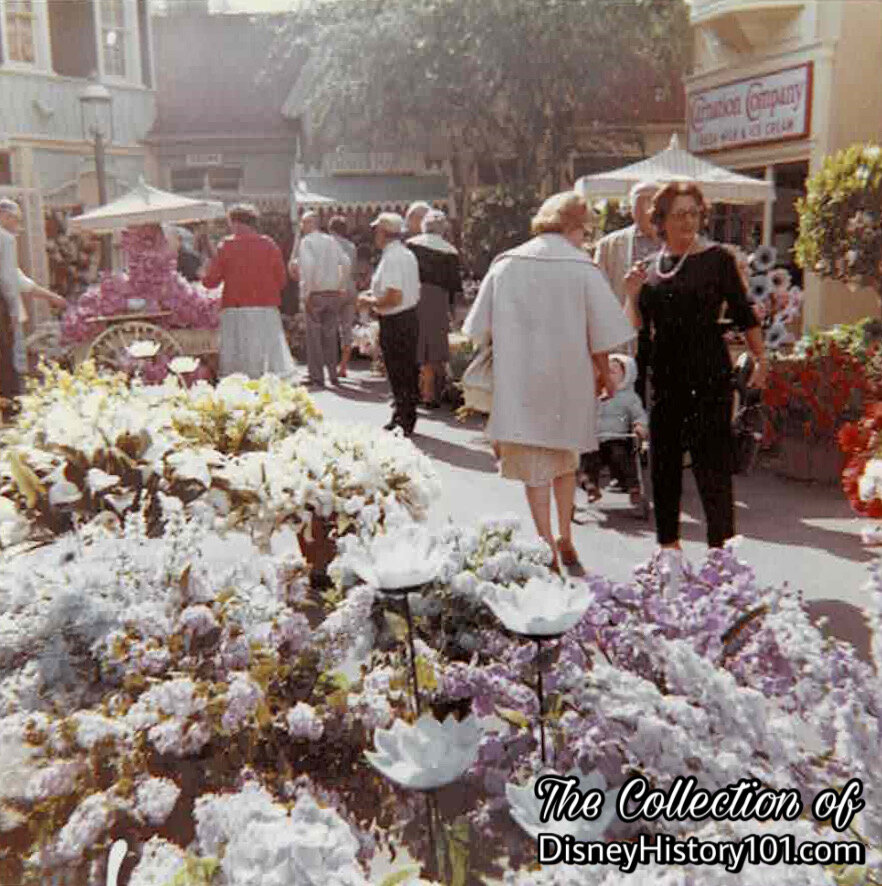
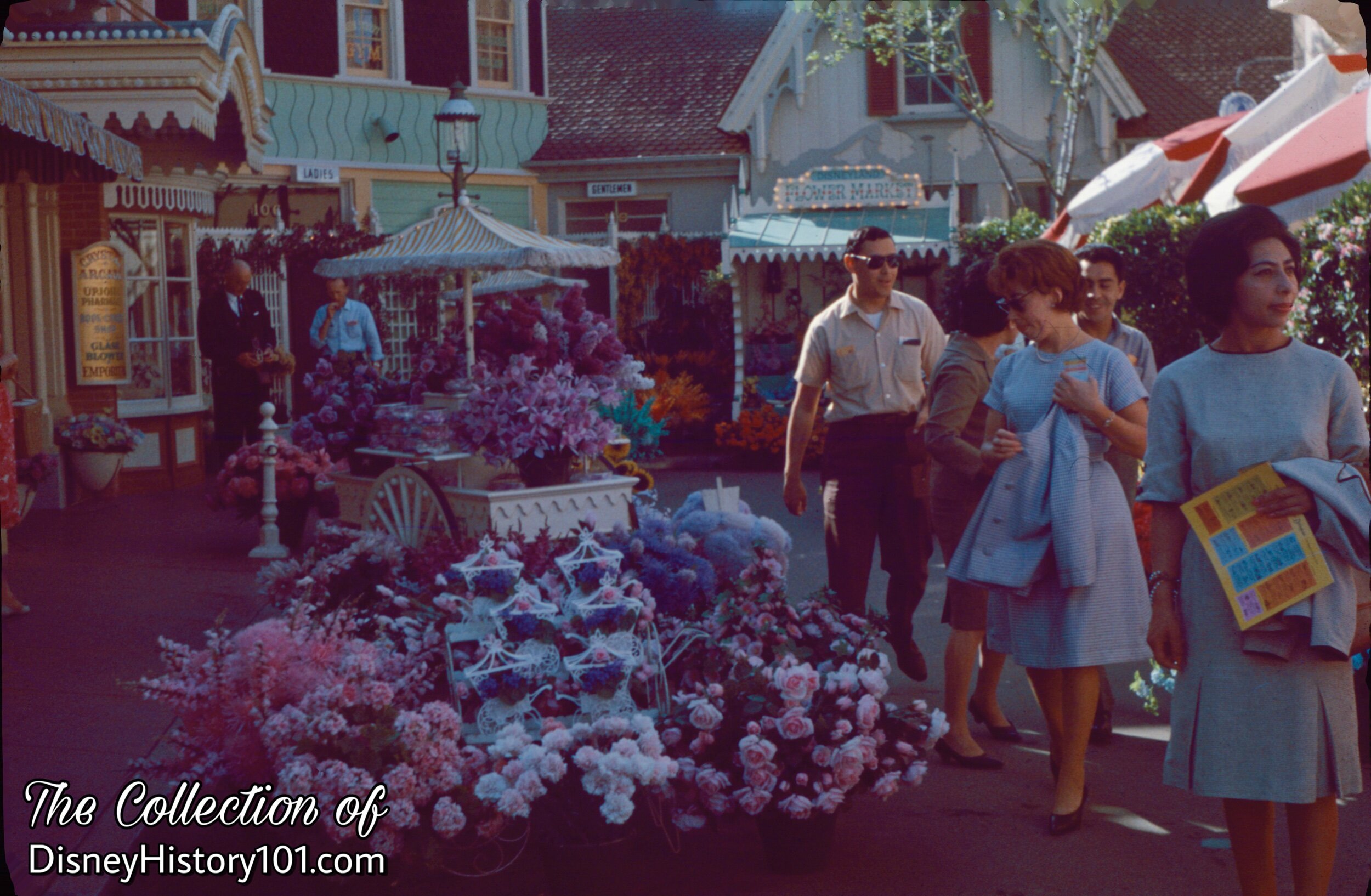
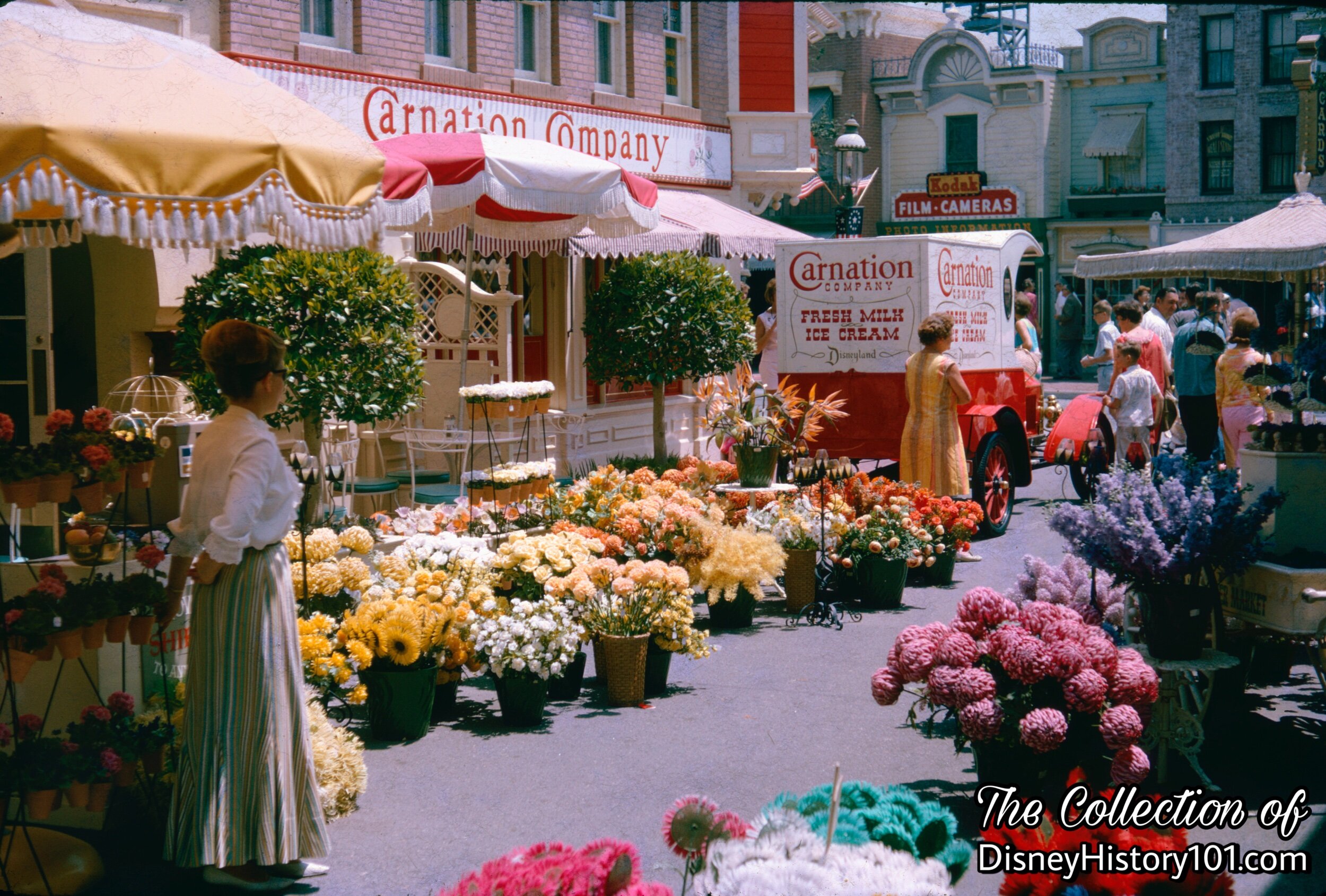
You’ll find colorful spring bouquets year-round at the Disneyland Flower Market (or, Main Street Flower Mart)! If you did not have the pleasure to pass though this market “bursting with brilliance and fragrance the year around,” know that the artificial blooms were “so realistic that even the bees sometimes get confused,” according to Vacationland magazine (published Winter/Spring of 1965).
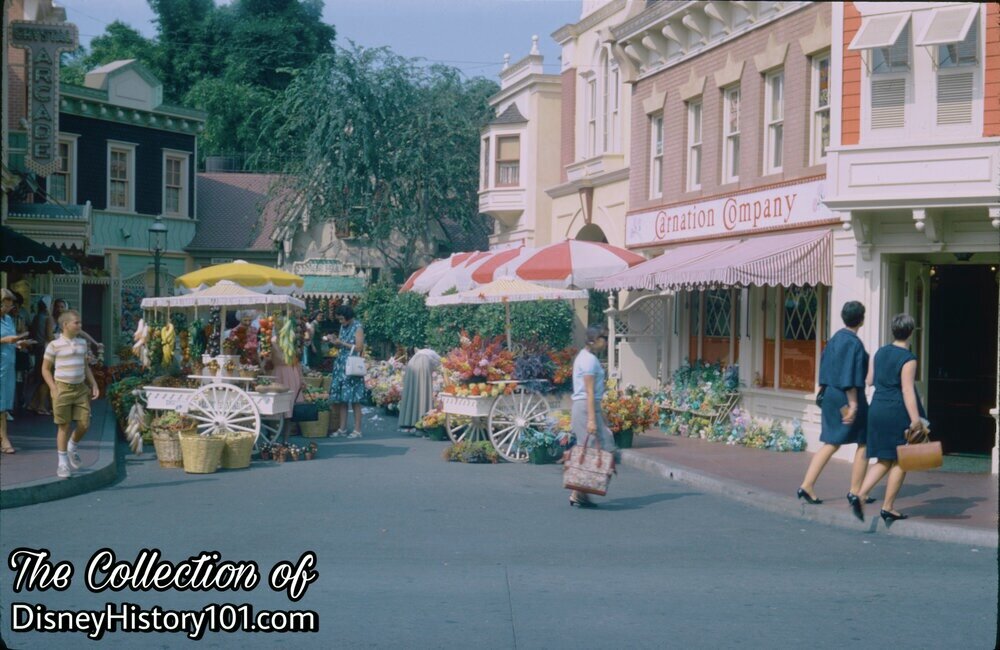
During non-peak periods of Disneyland Park attendance, a smaller inventory of stock was displayed on the street. It looks as if an entire cart has been dedicated to fruits and vegetables and another to flowers.

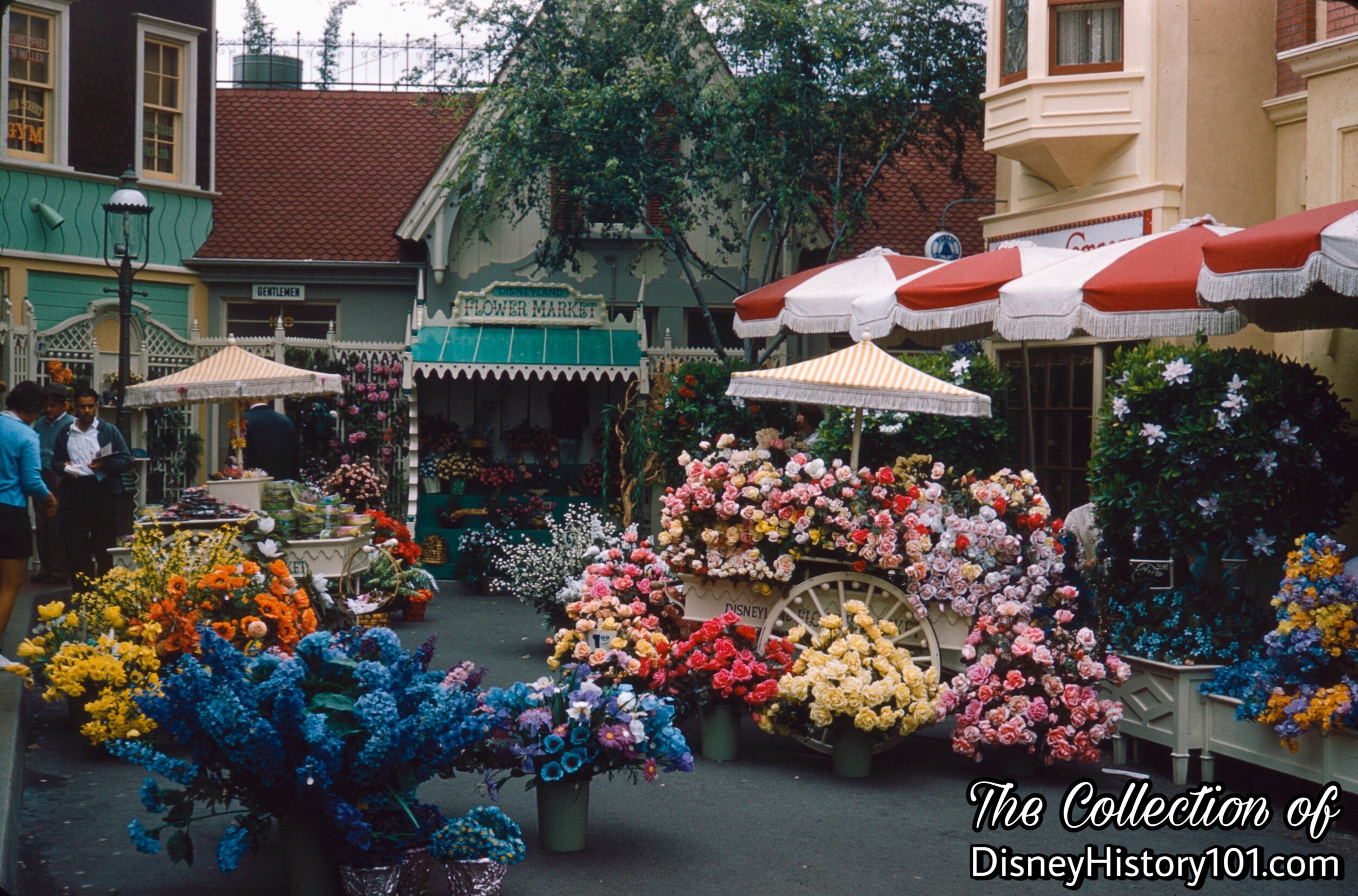
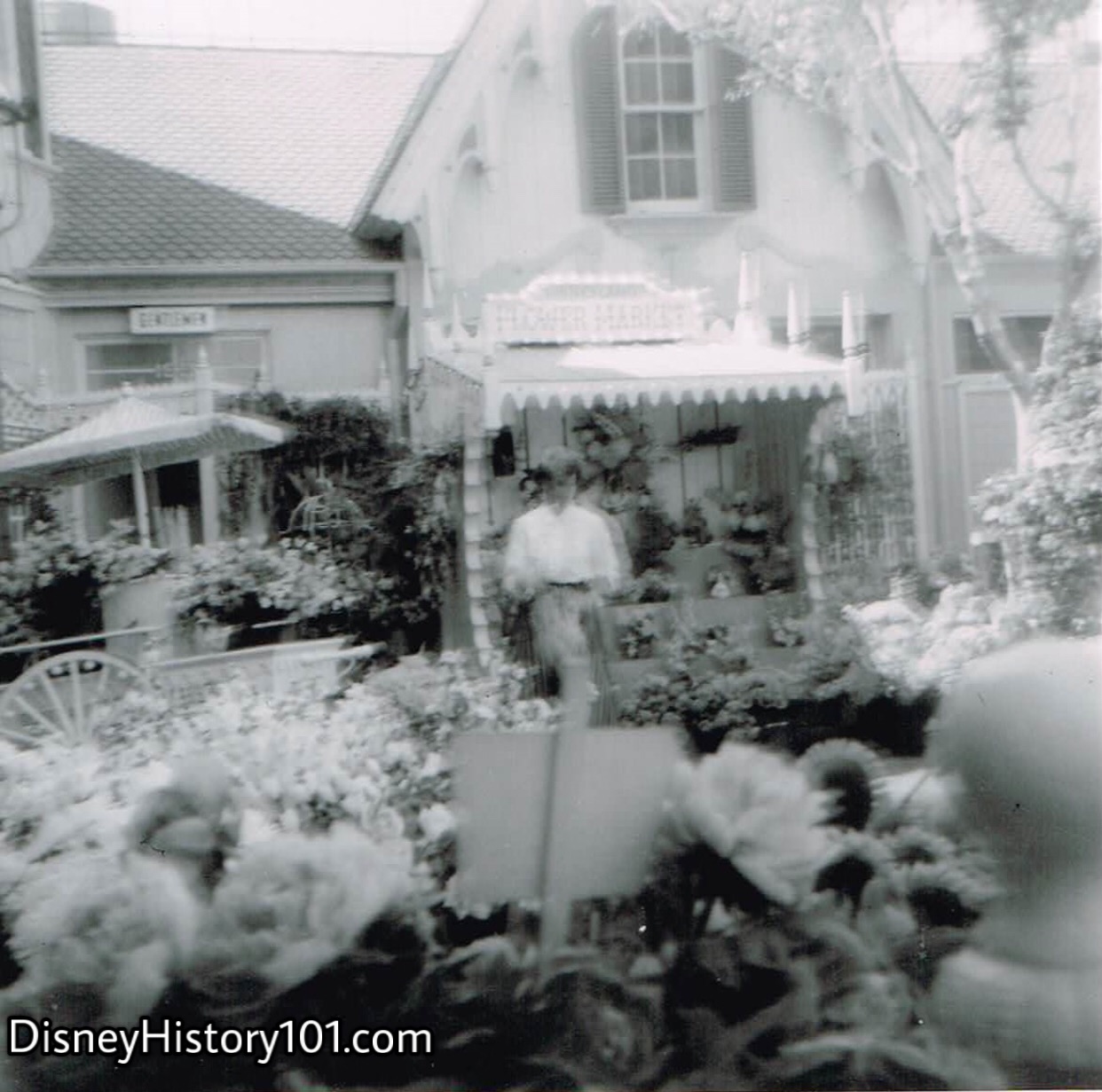
Floral arrangements were also for sale, on display under that awning in the center of the photograph!
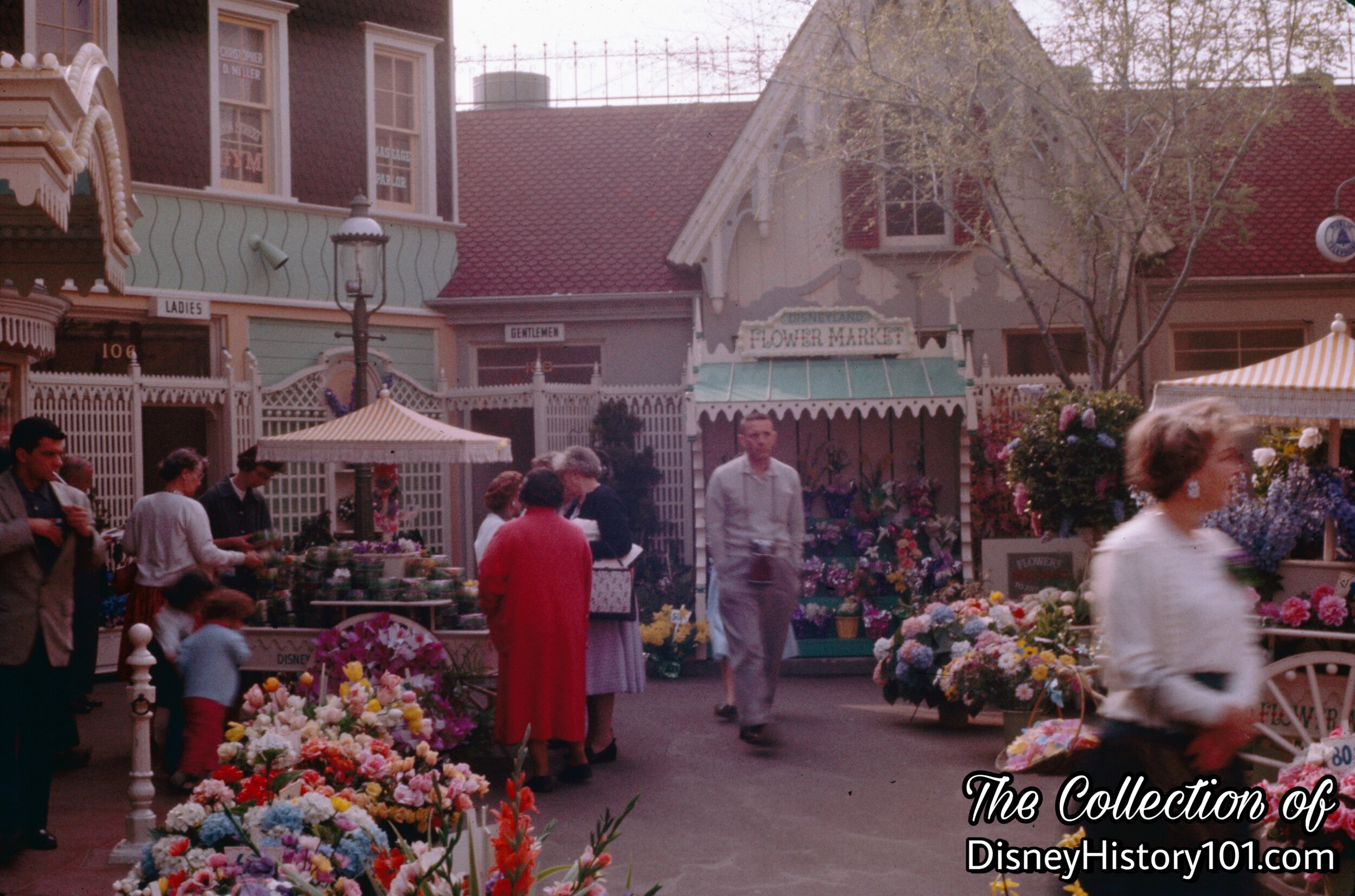

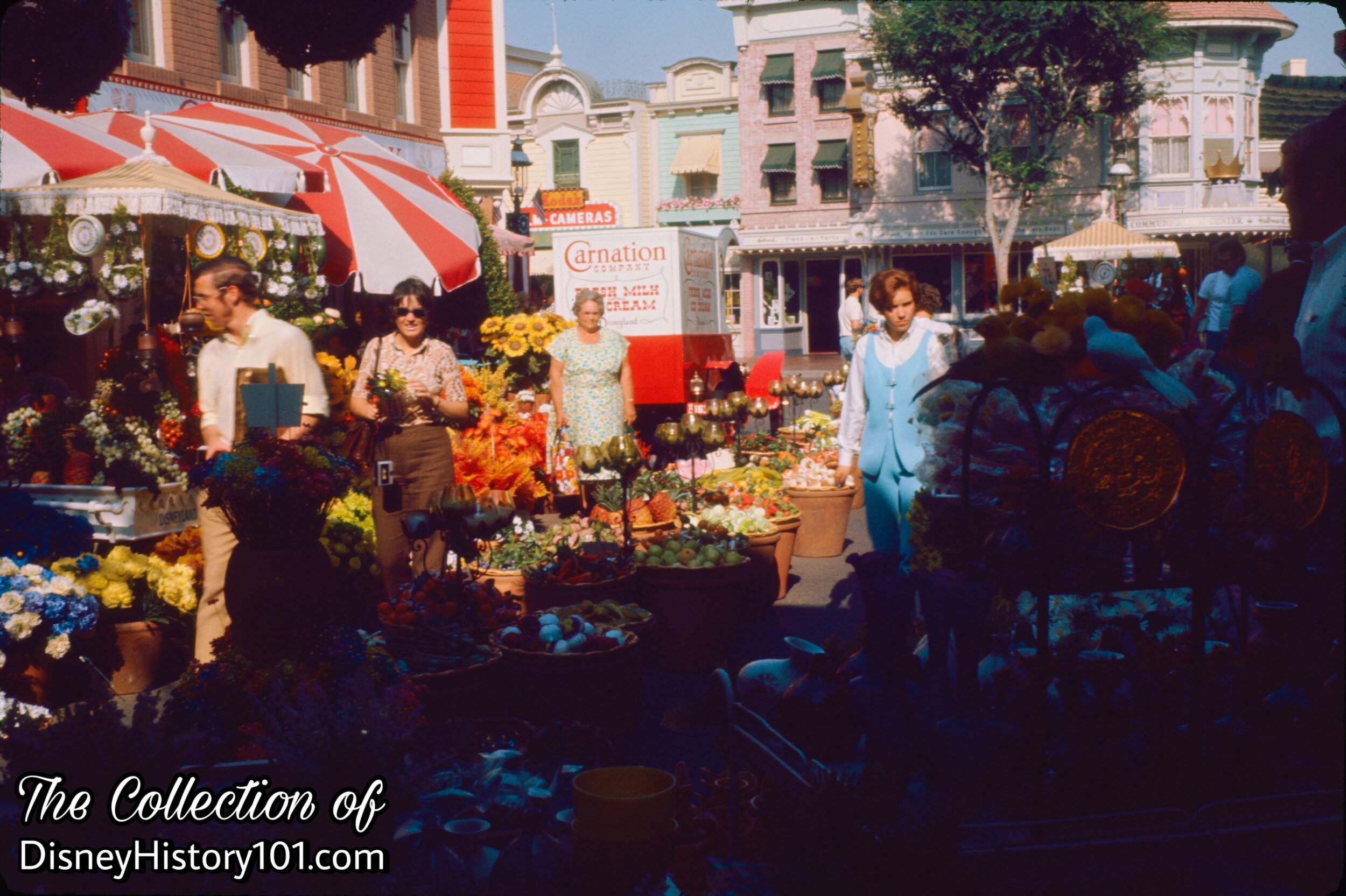
The Disneyland Flower Market also carried hanging baskets (seen in the background), pottery, and glass vases for your arrangements. The flower market also carried a variety of embellishments and enhancements, (like the feathered, faux birds seen in the foreground).
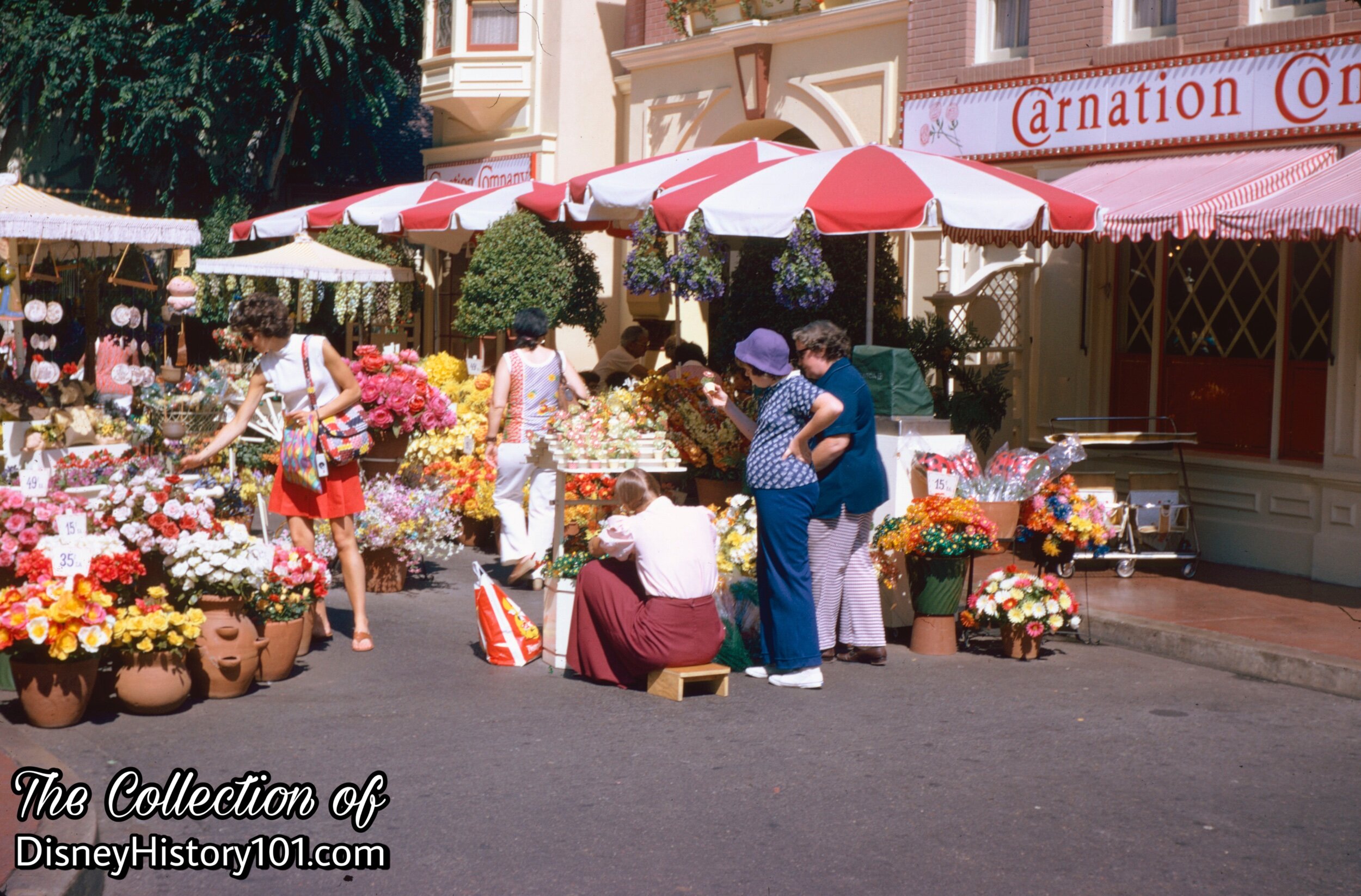
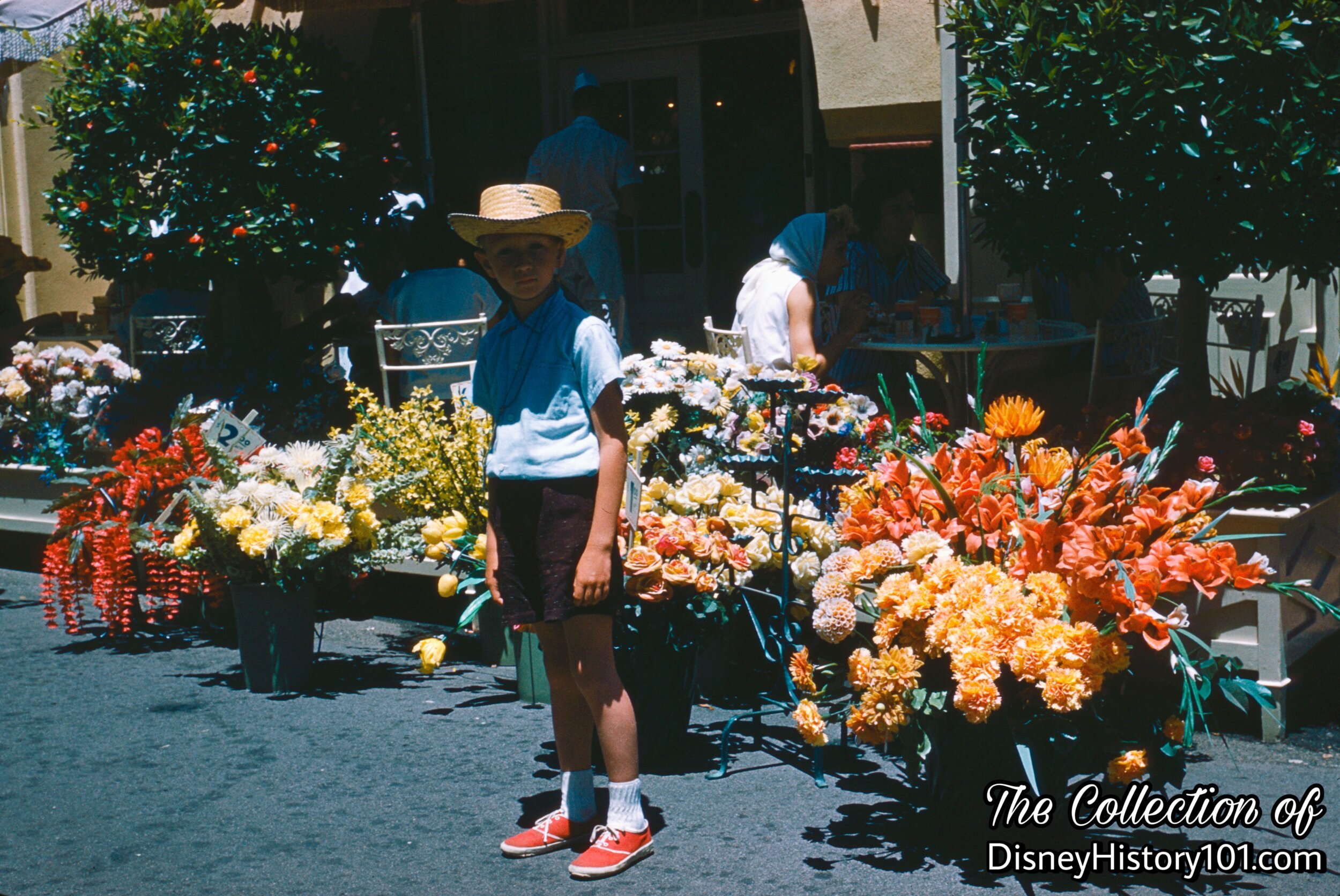
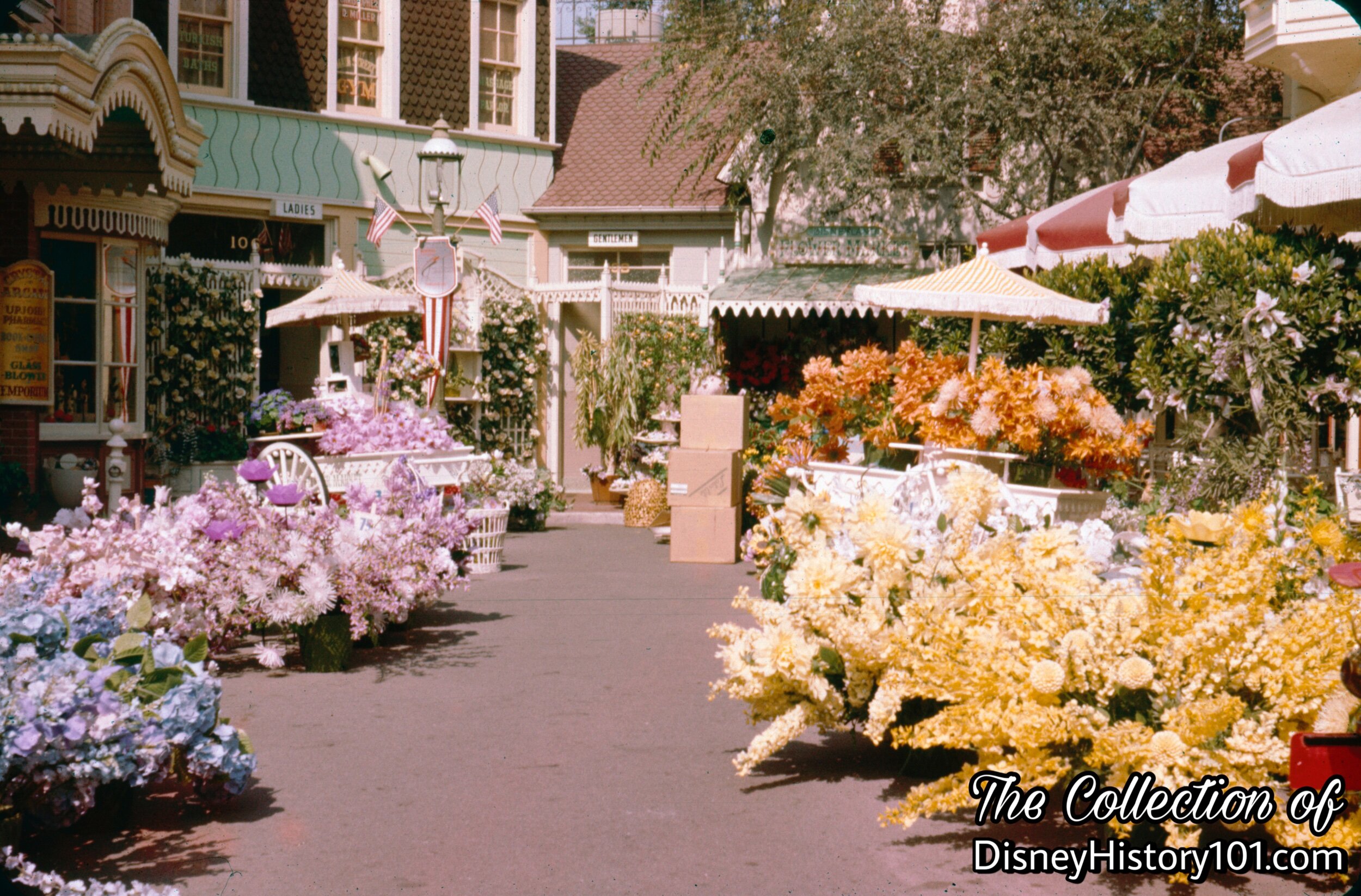
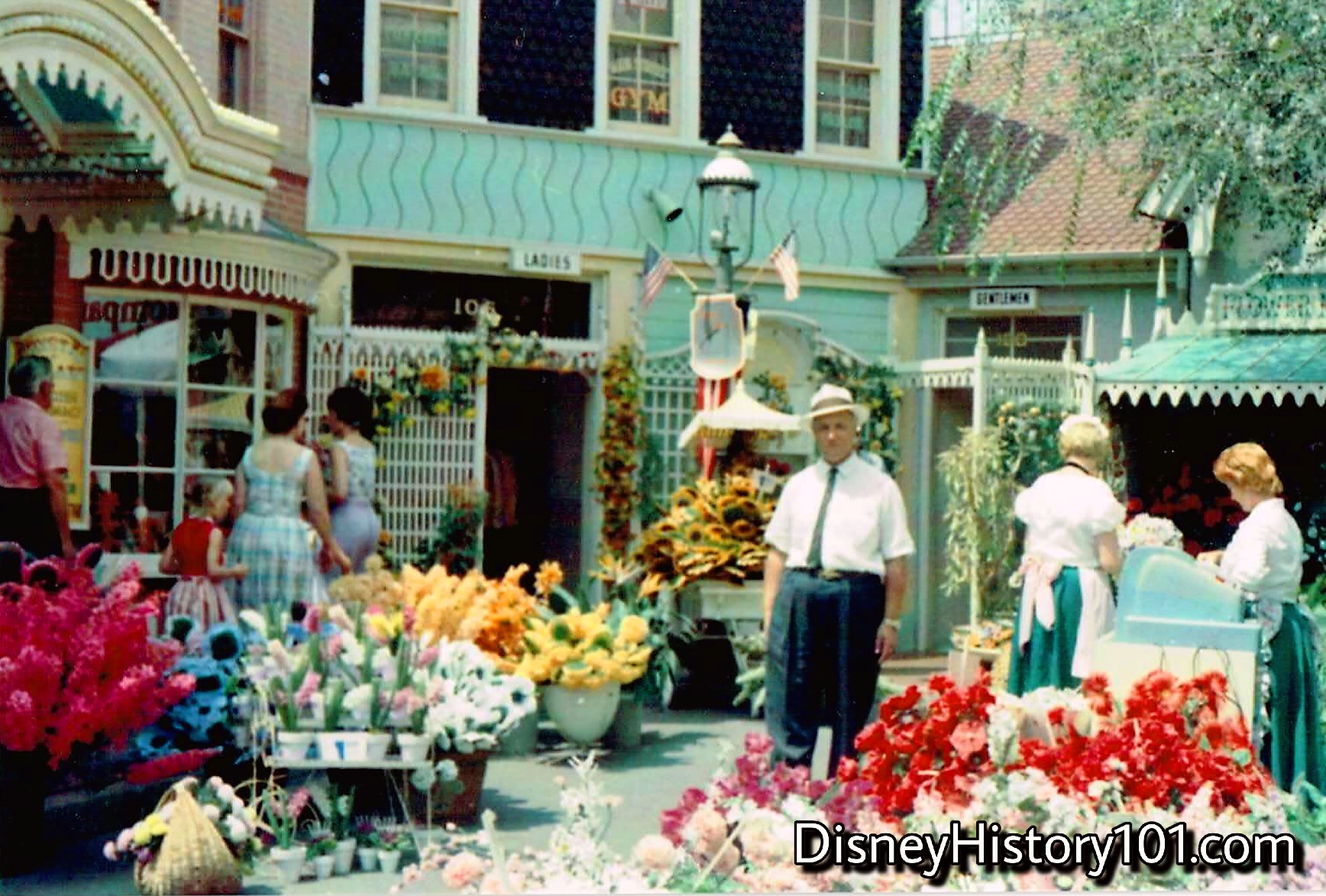

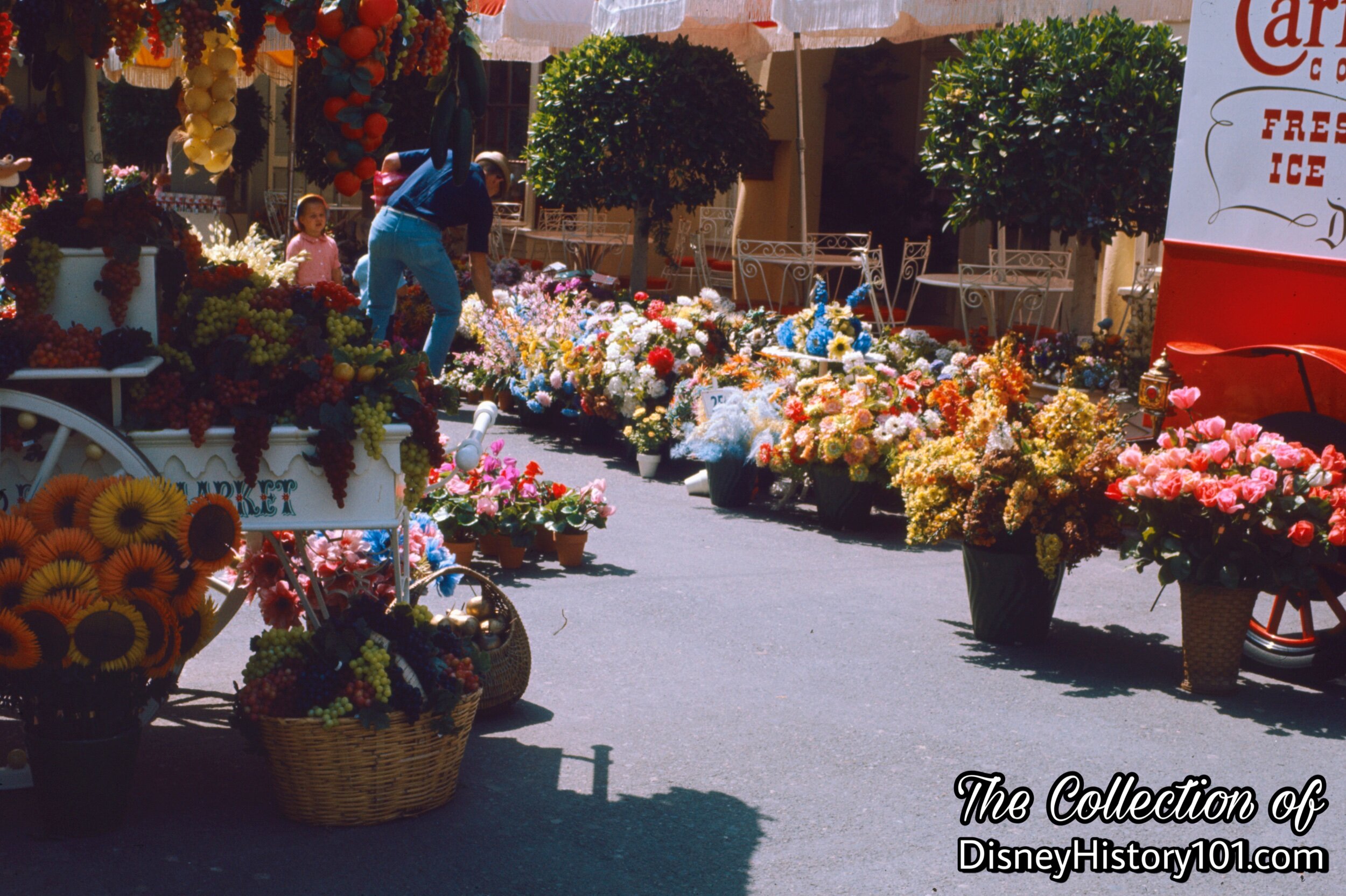
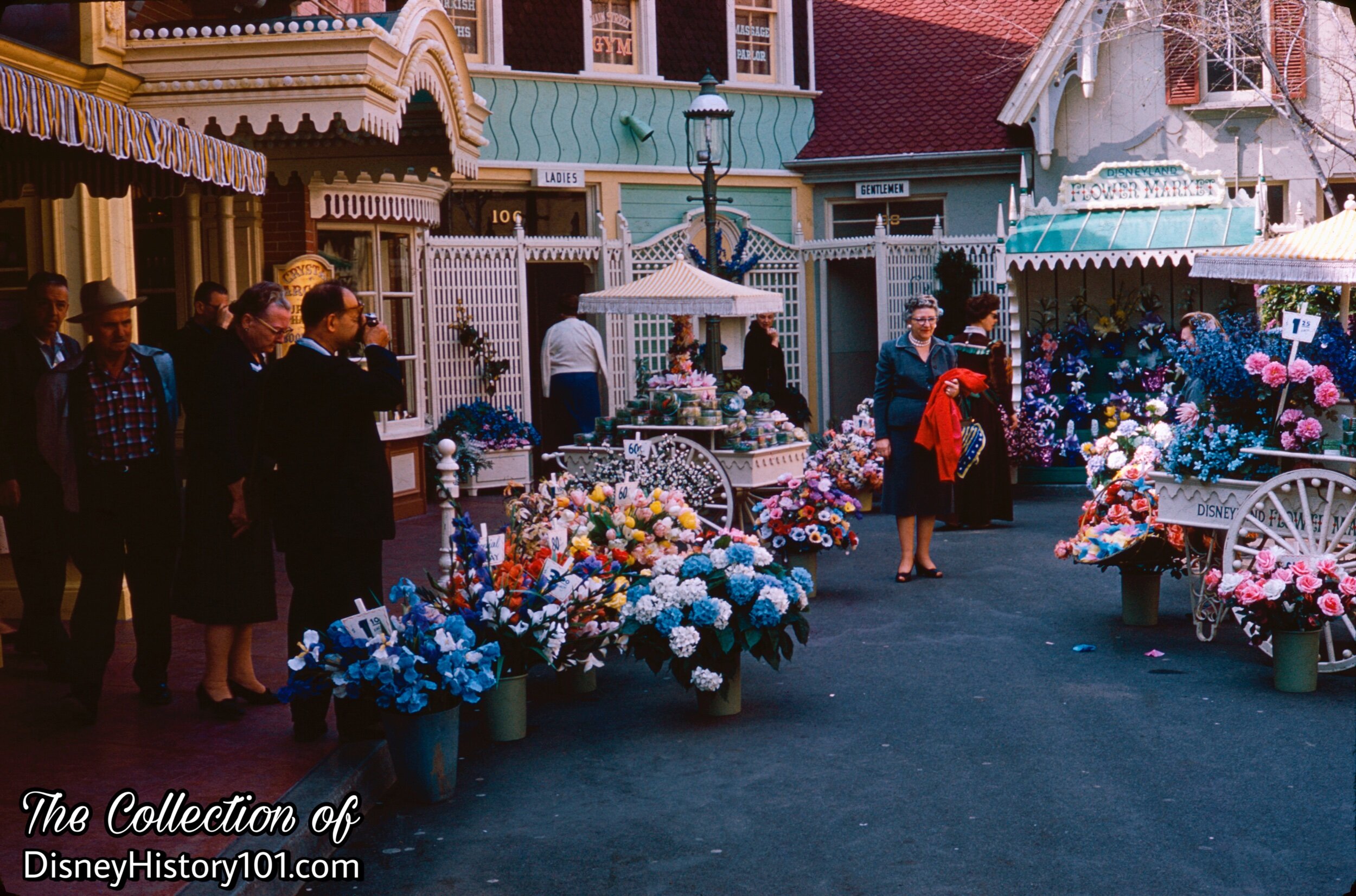
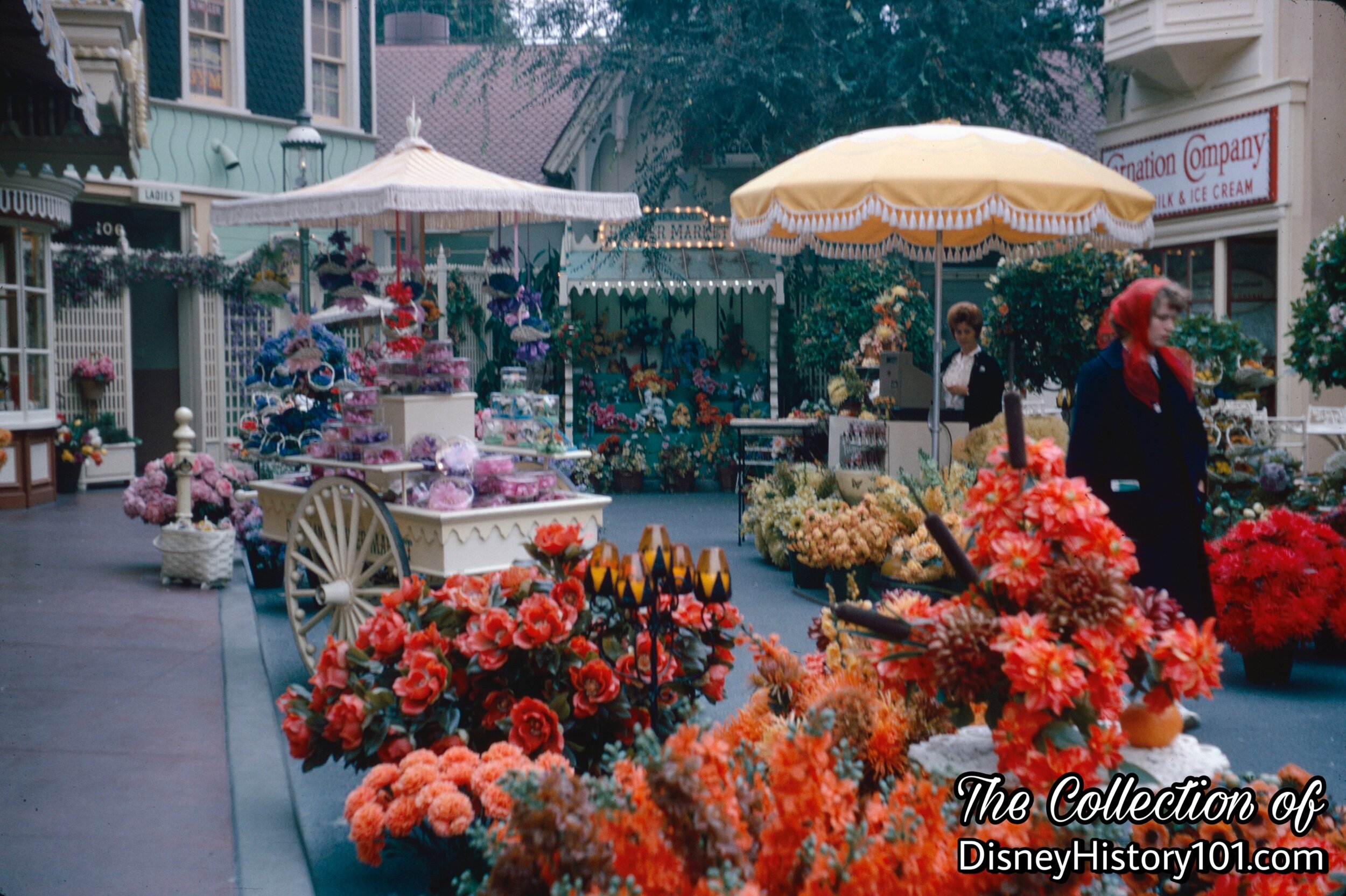
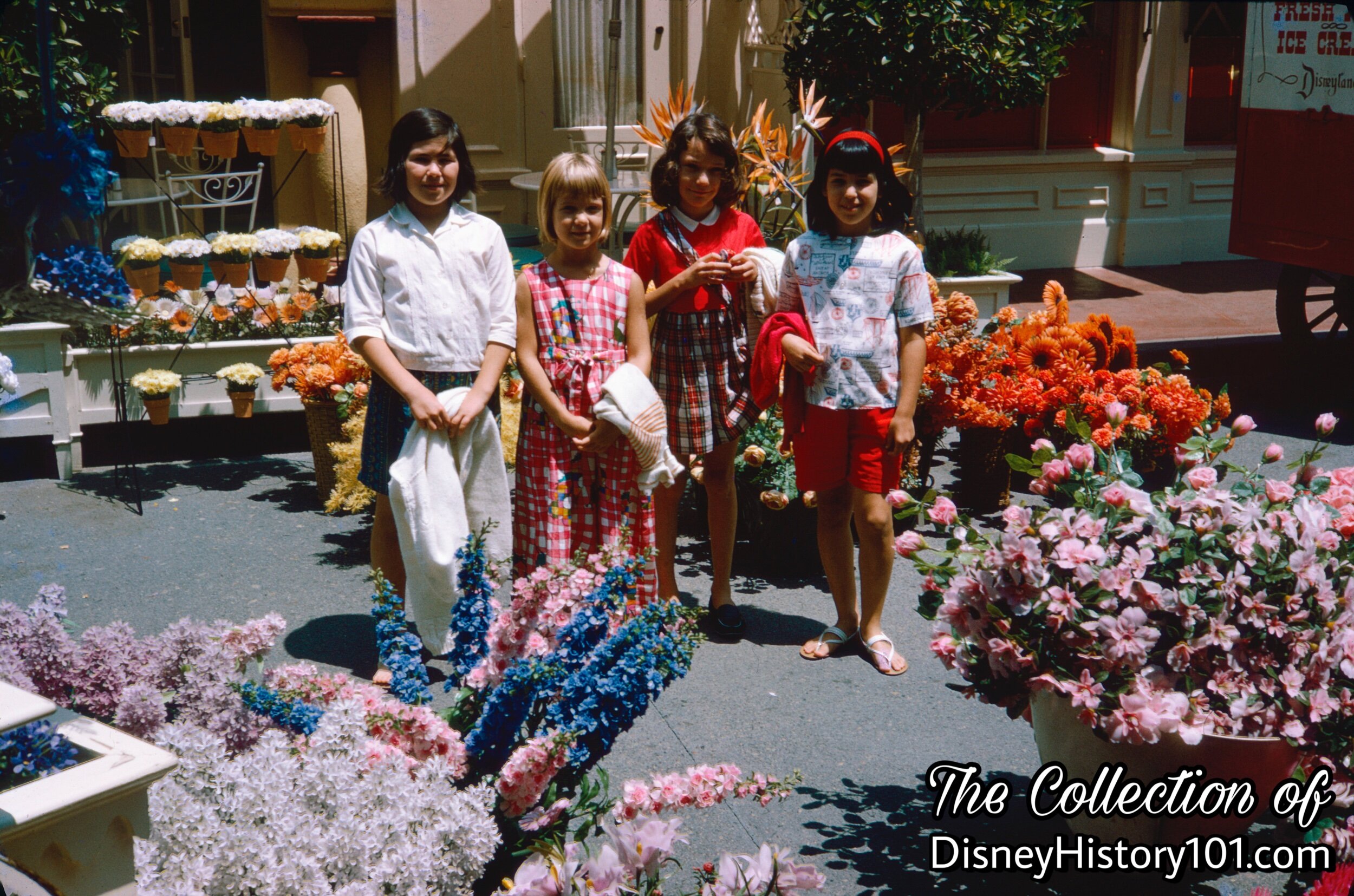
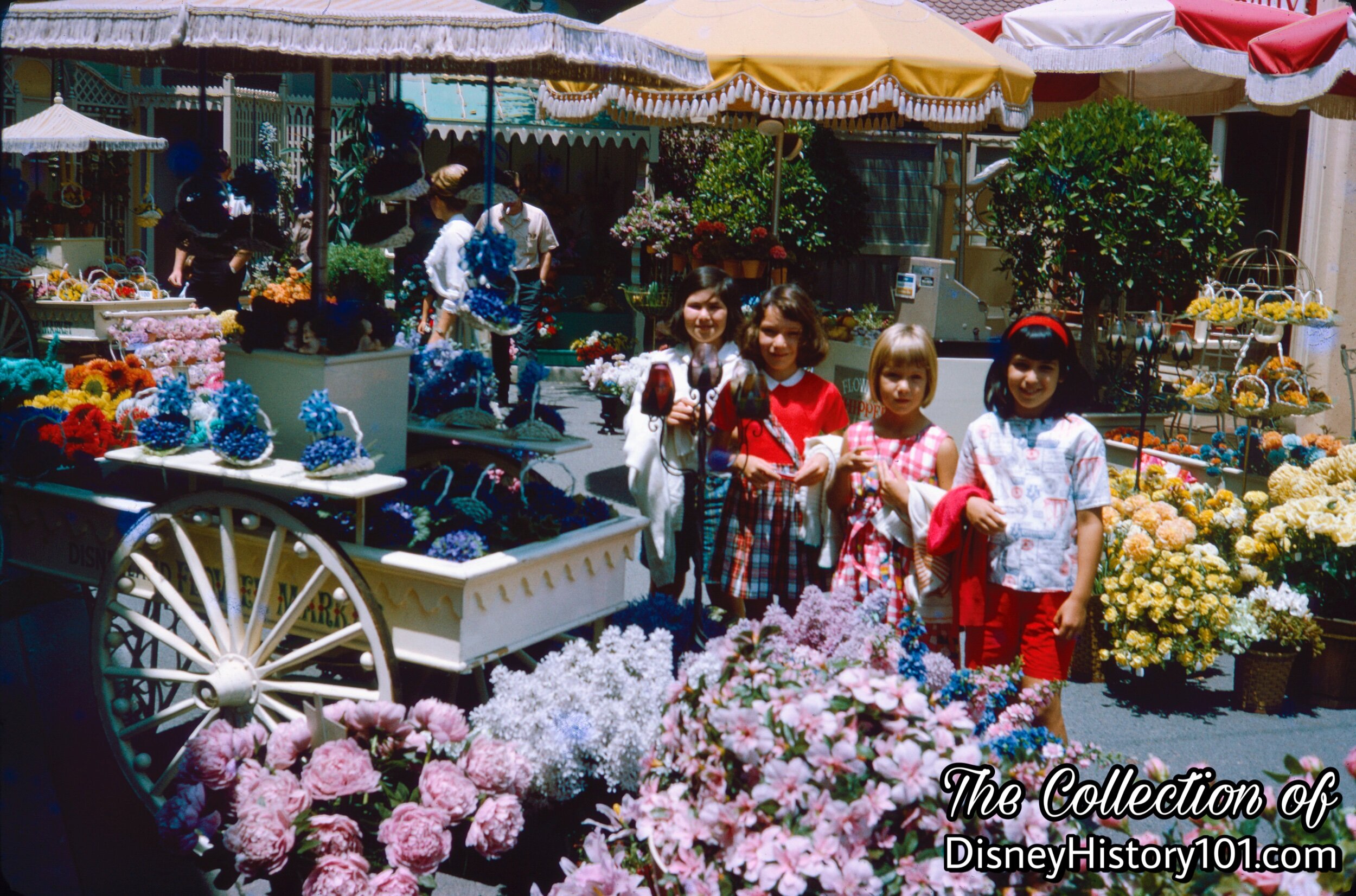
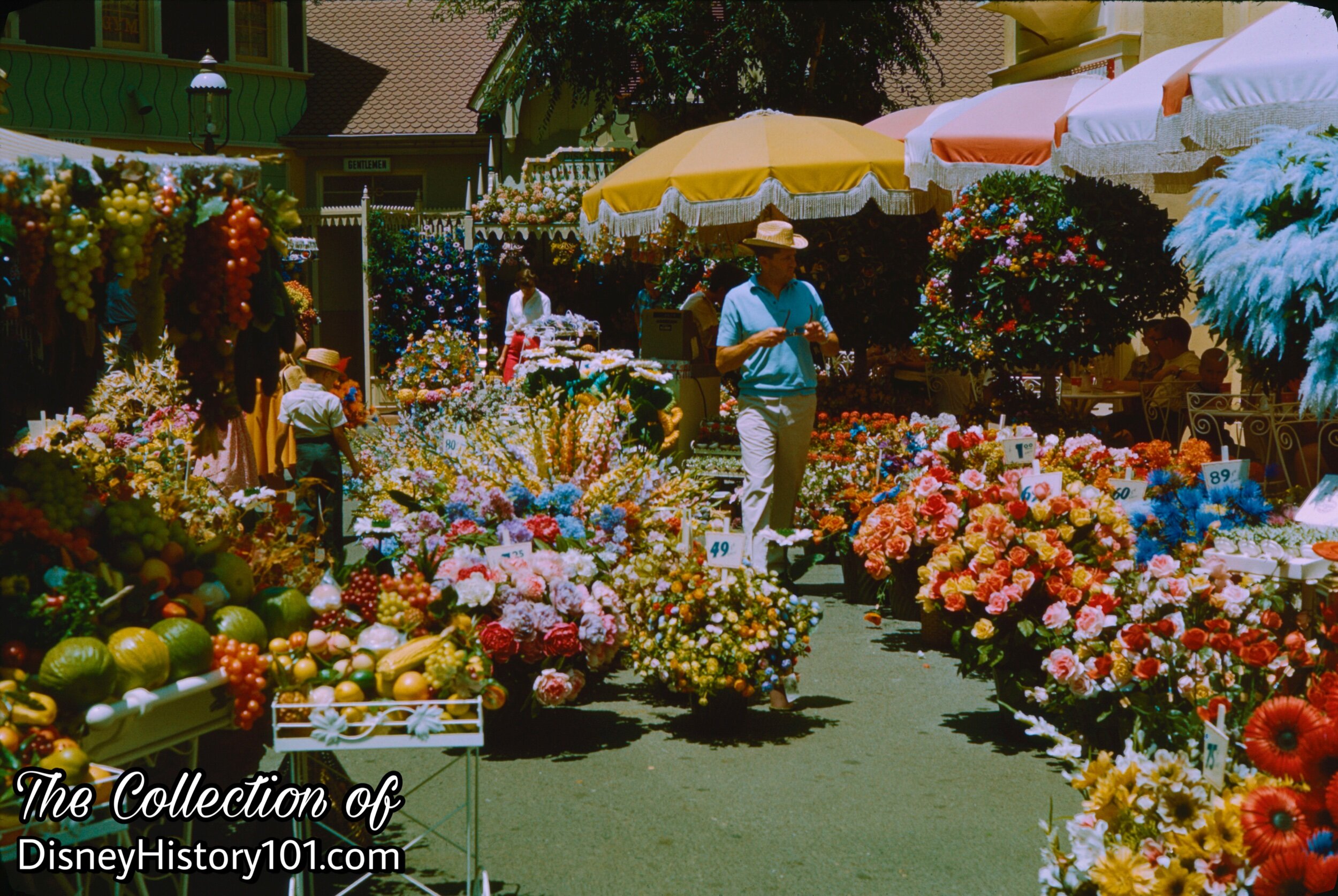
During the following season, yet another “fresh” assortment of flowers was offered. During the Summer and Fall months, a selection of summer fruit and roses were offered. How many of you stopped to “smell the roses”?
Notice the corn and grapes in the foreground (on the left), used to embellish and enhance your banquet and dining room tables with a festive quality.
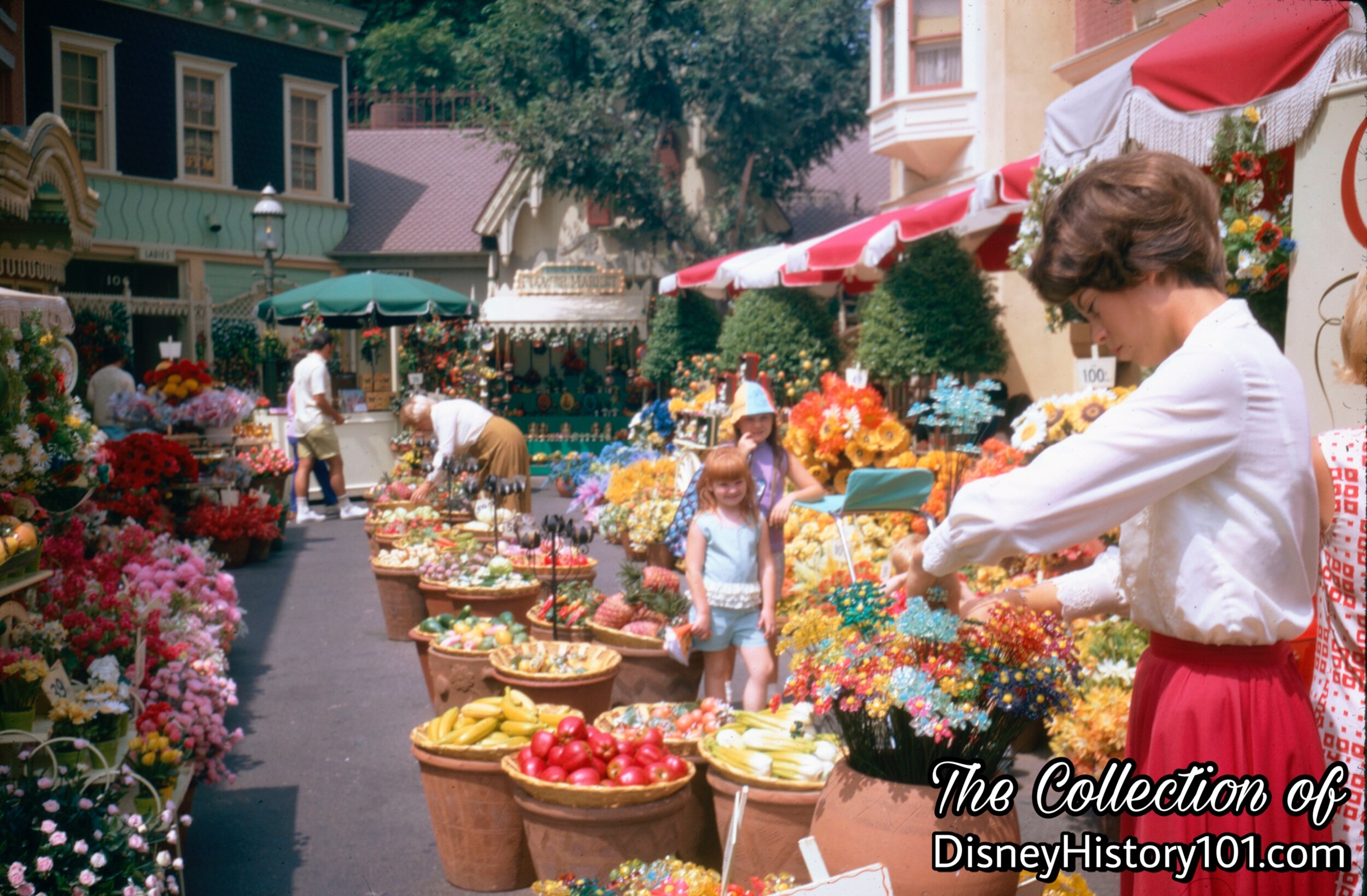
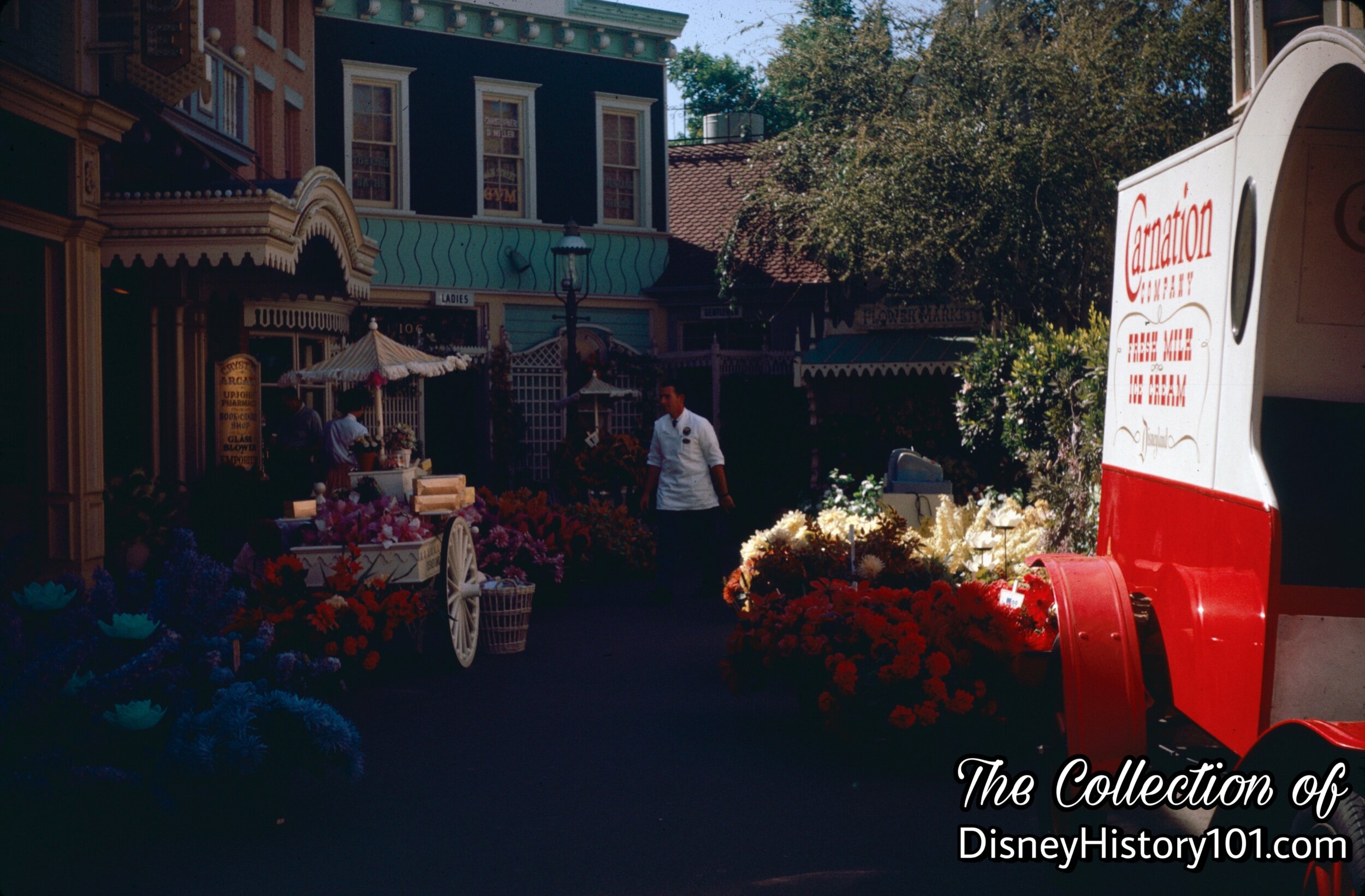
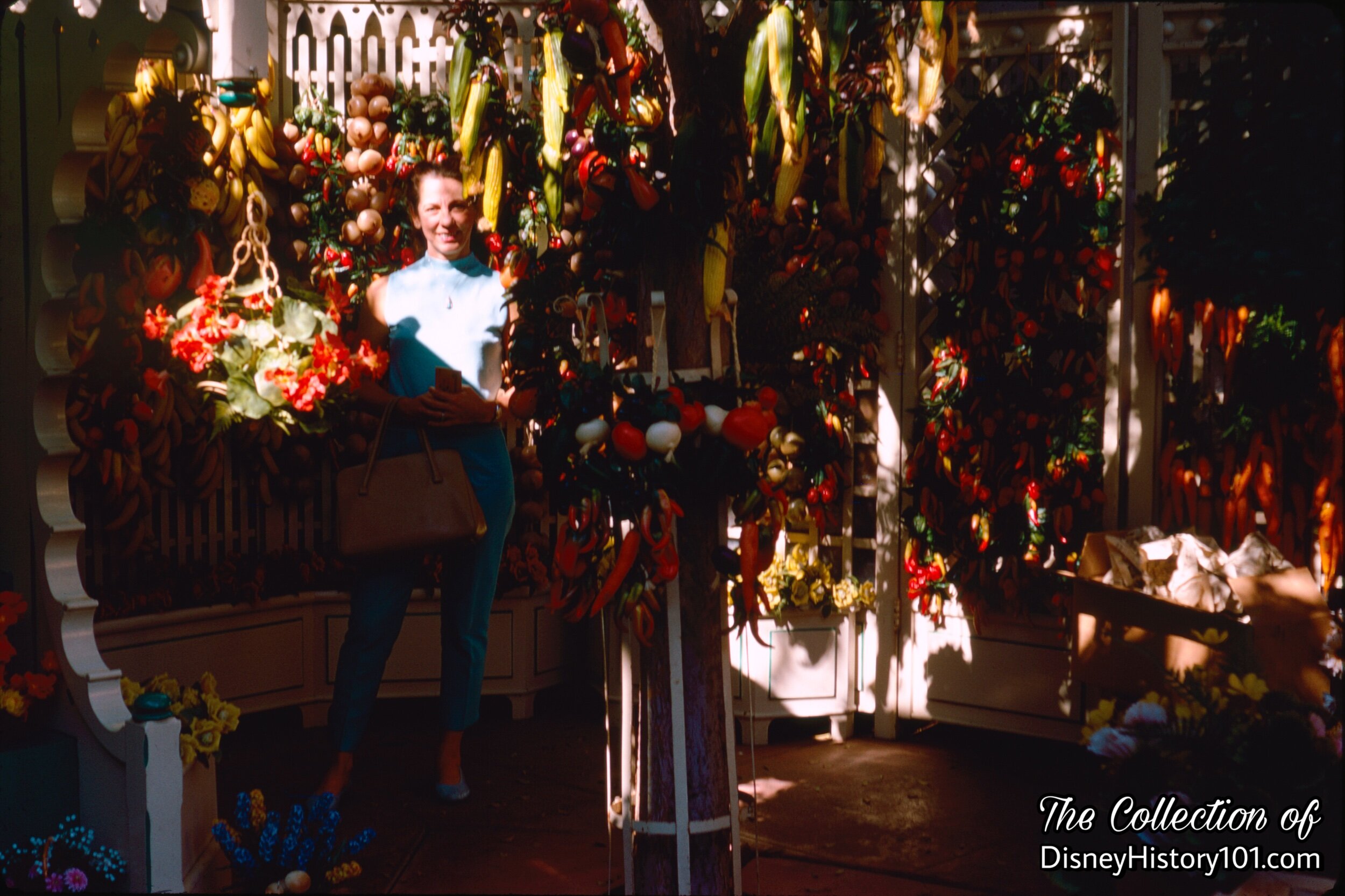
Ah, the bouquet garni - bundles of peppers, garlic, carrots and other vegetables suitable for hanging. These decorative embellishments would bring a colorful touch to your home kitchen!
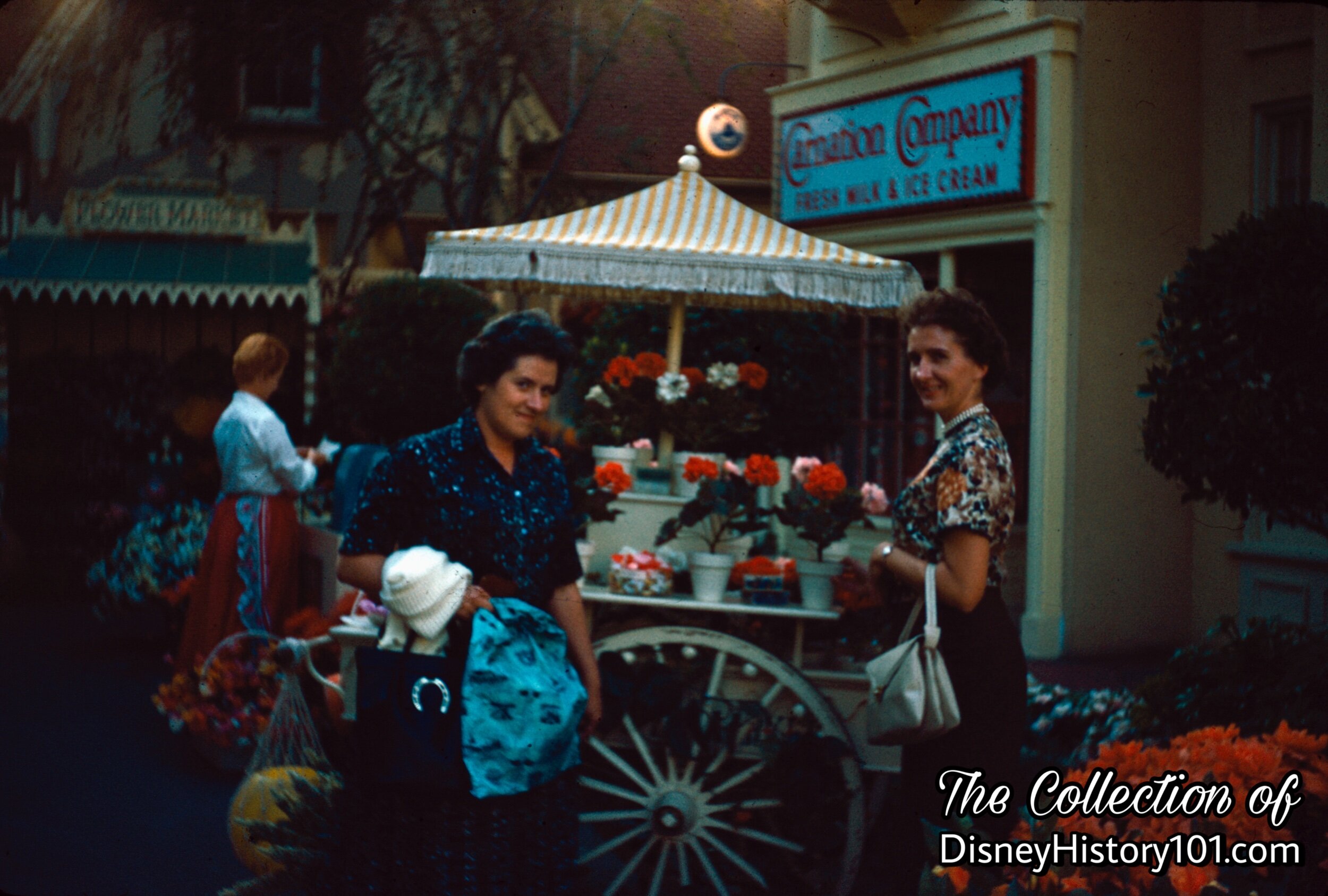
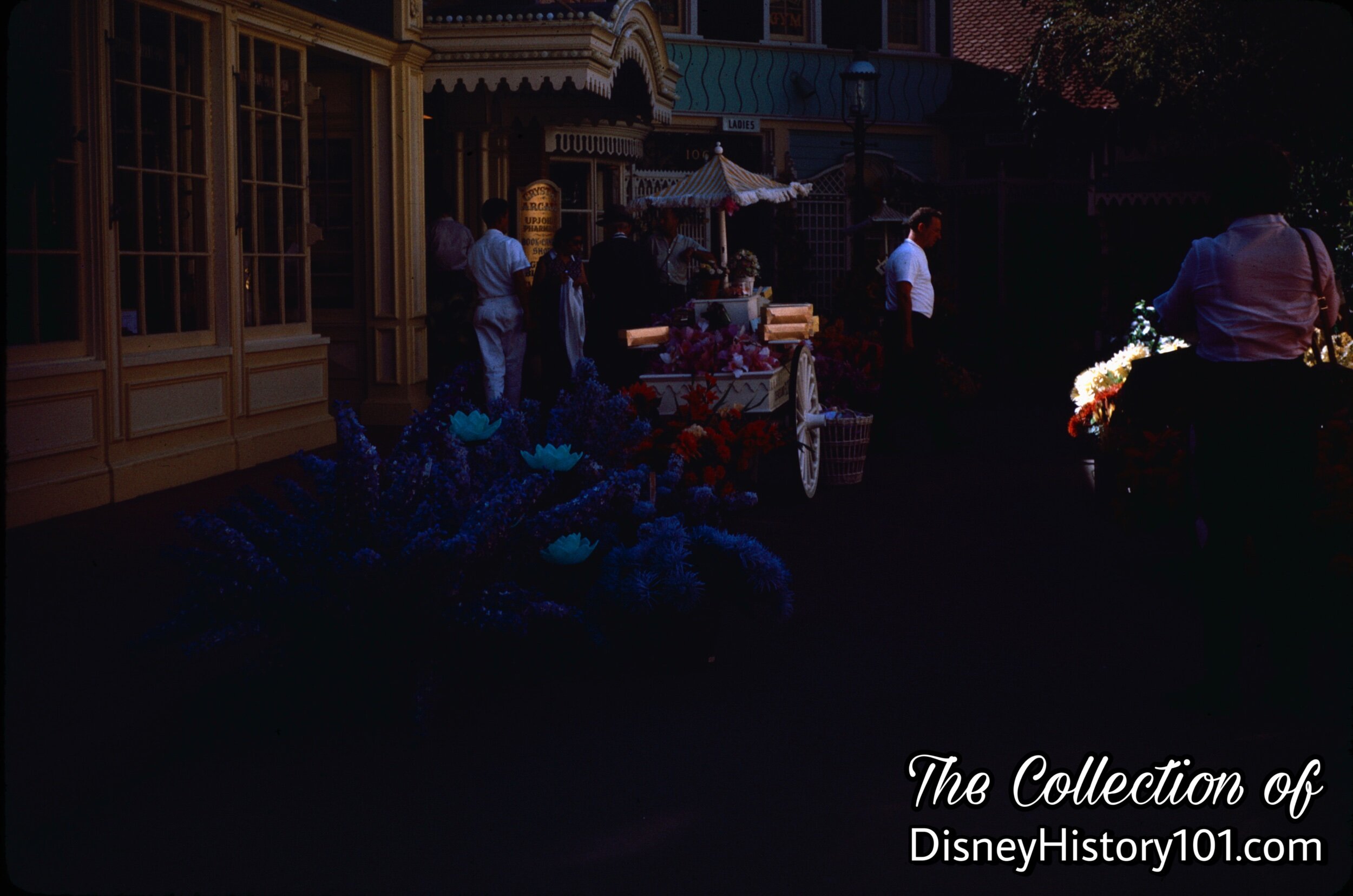
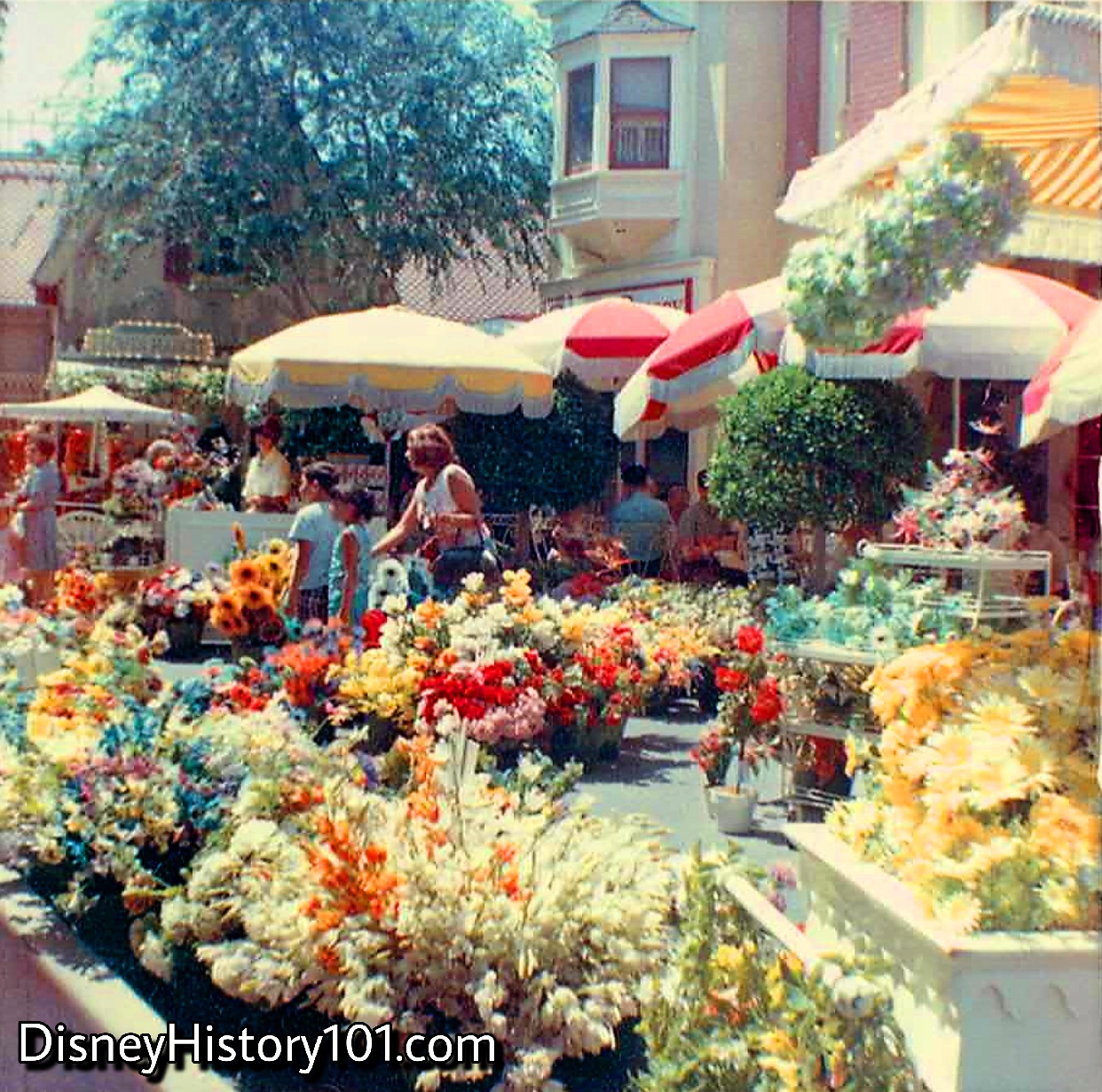

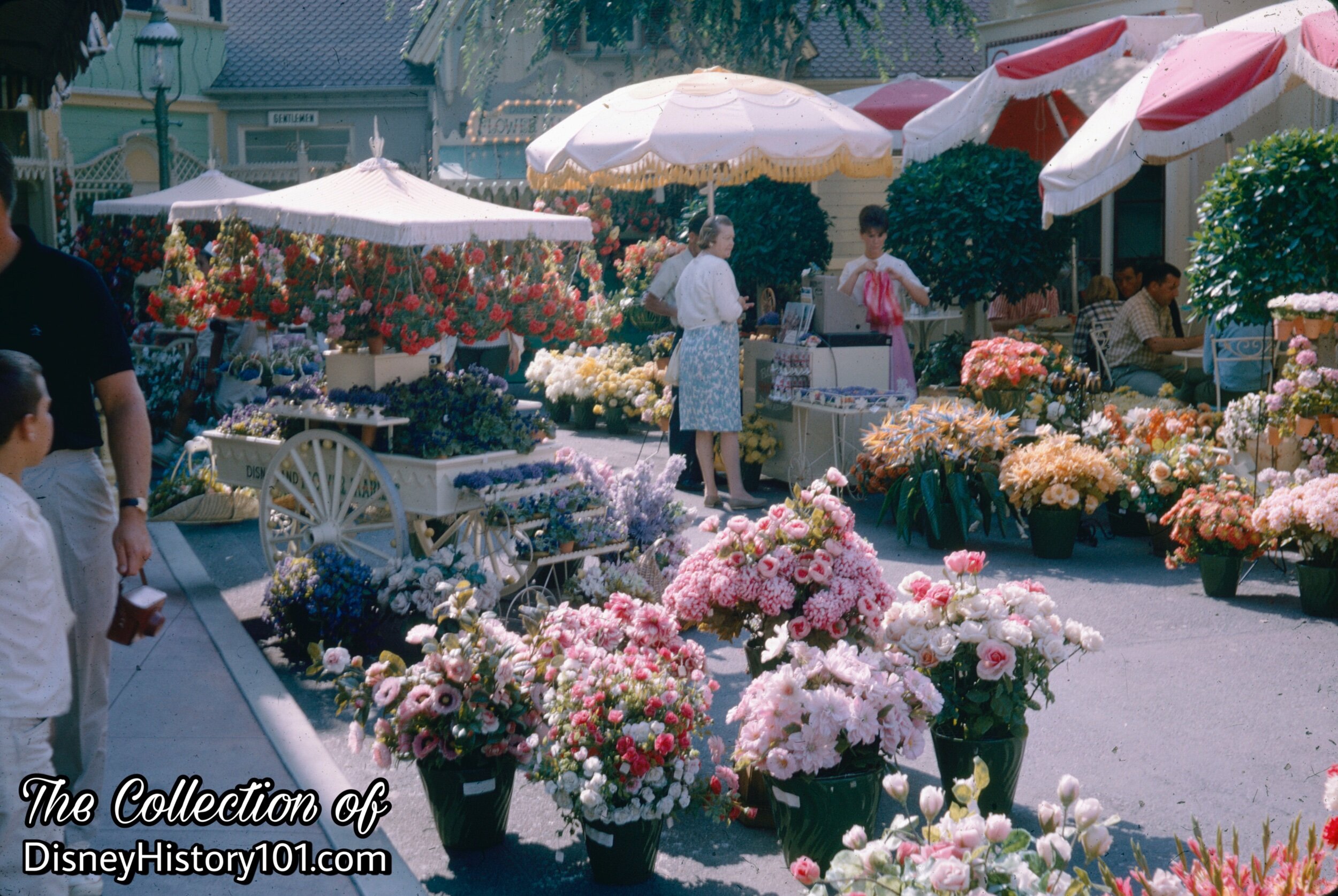
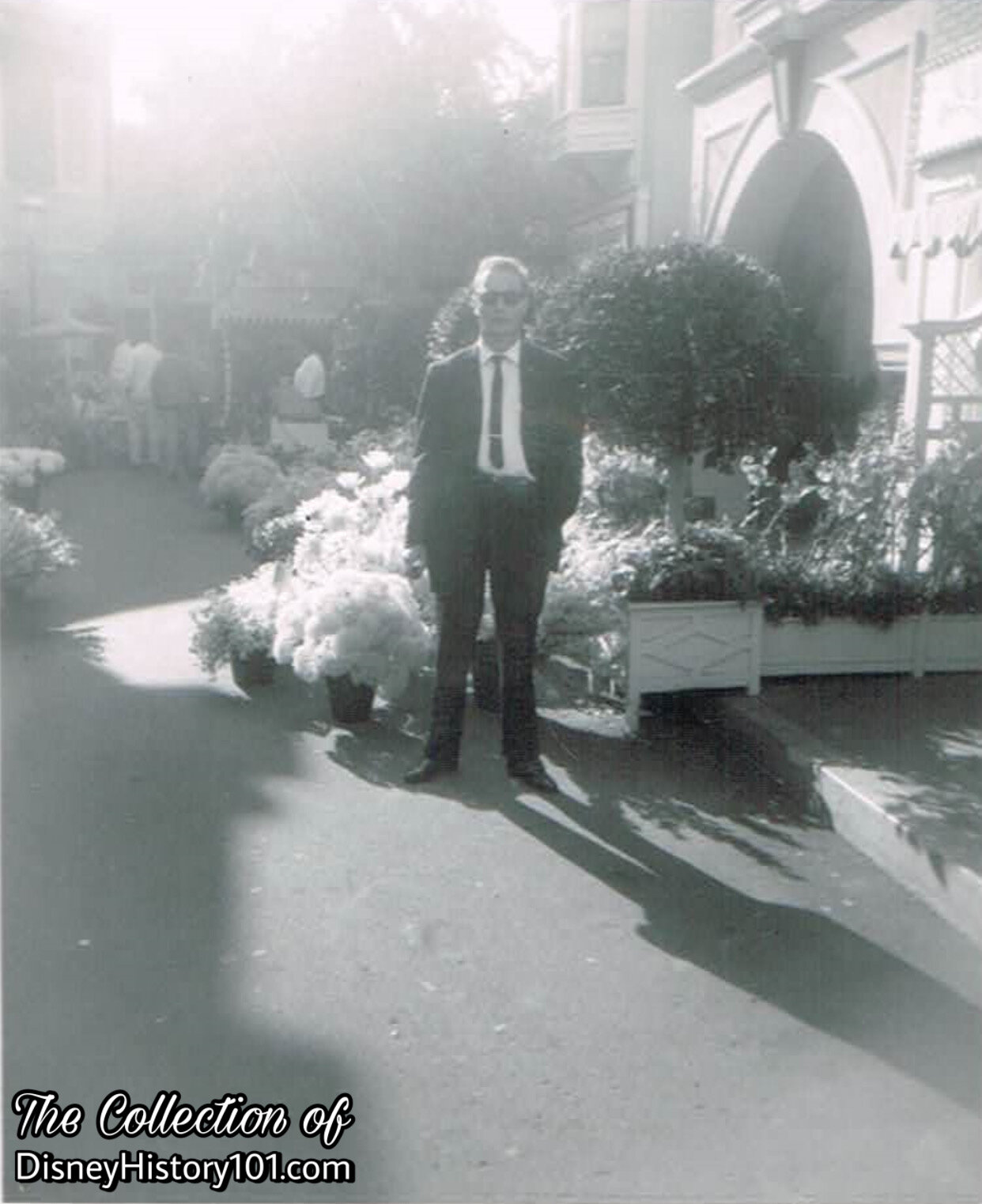
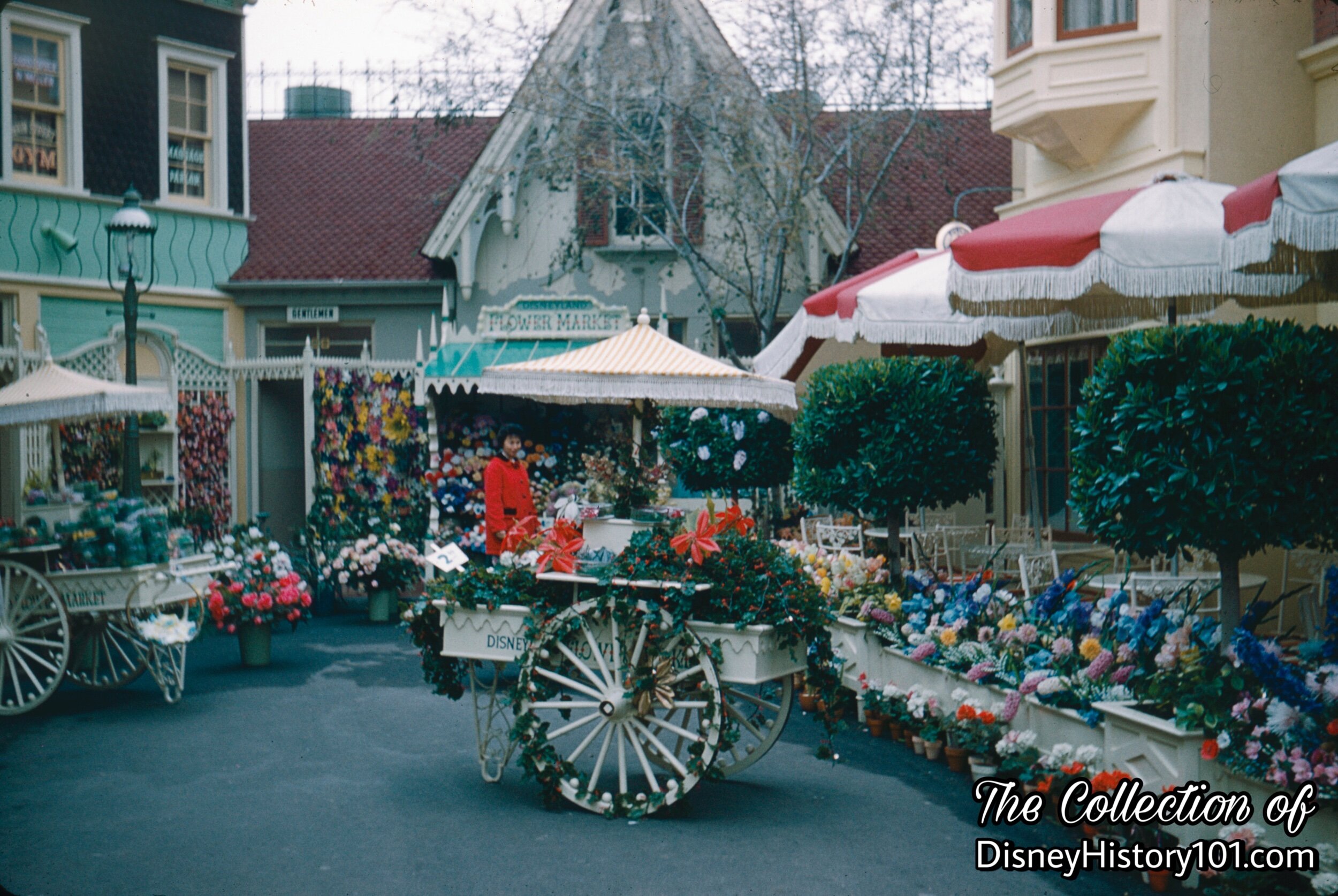
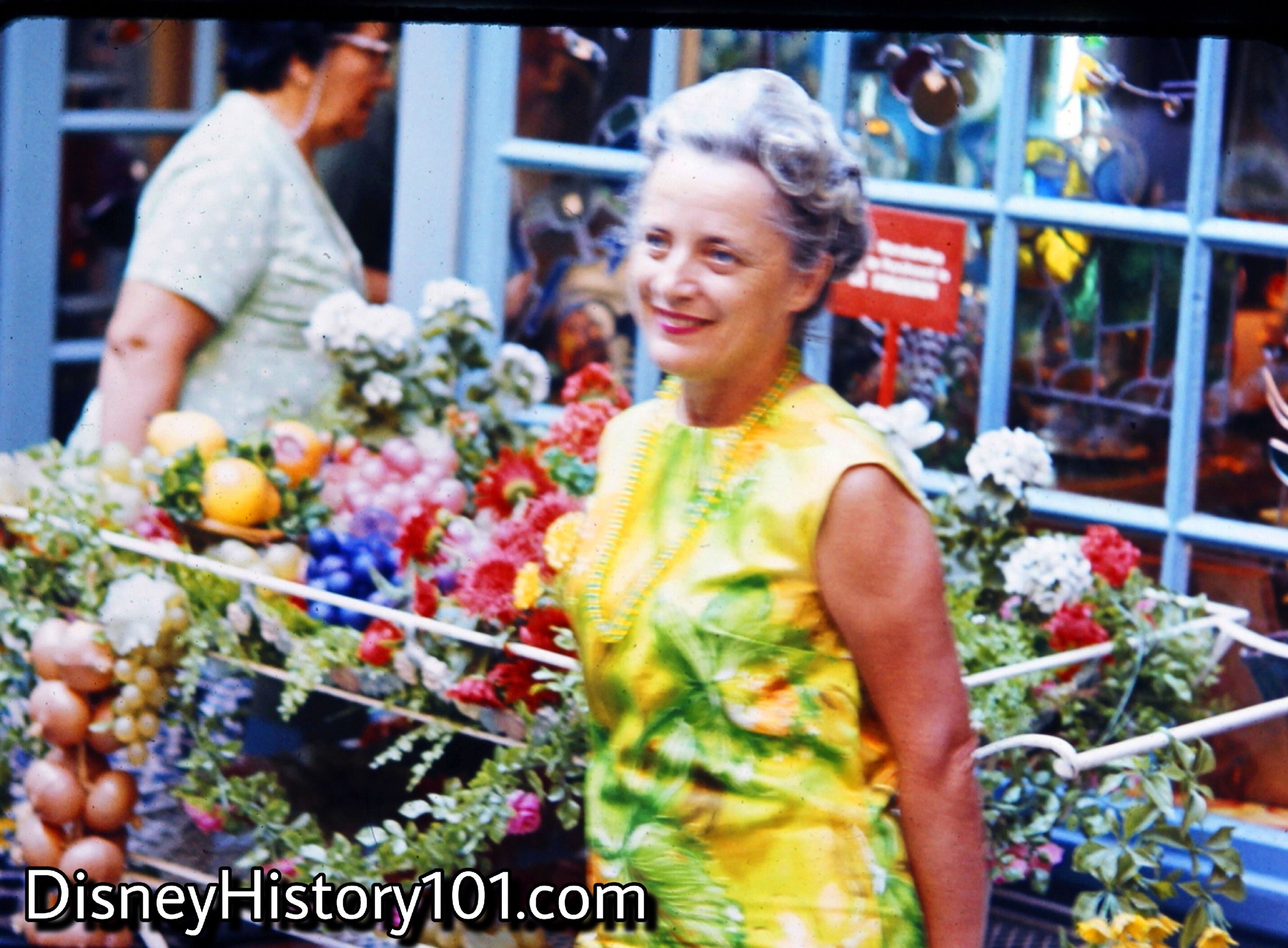
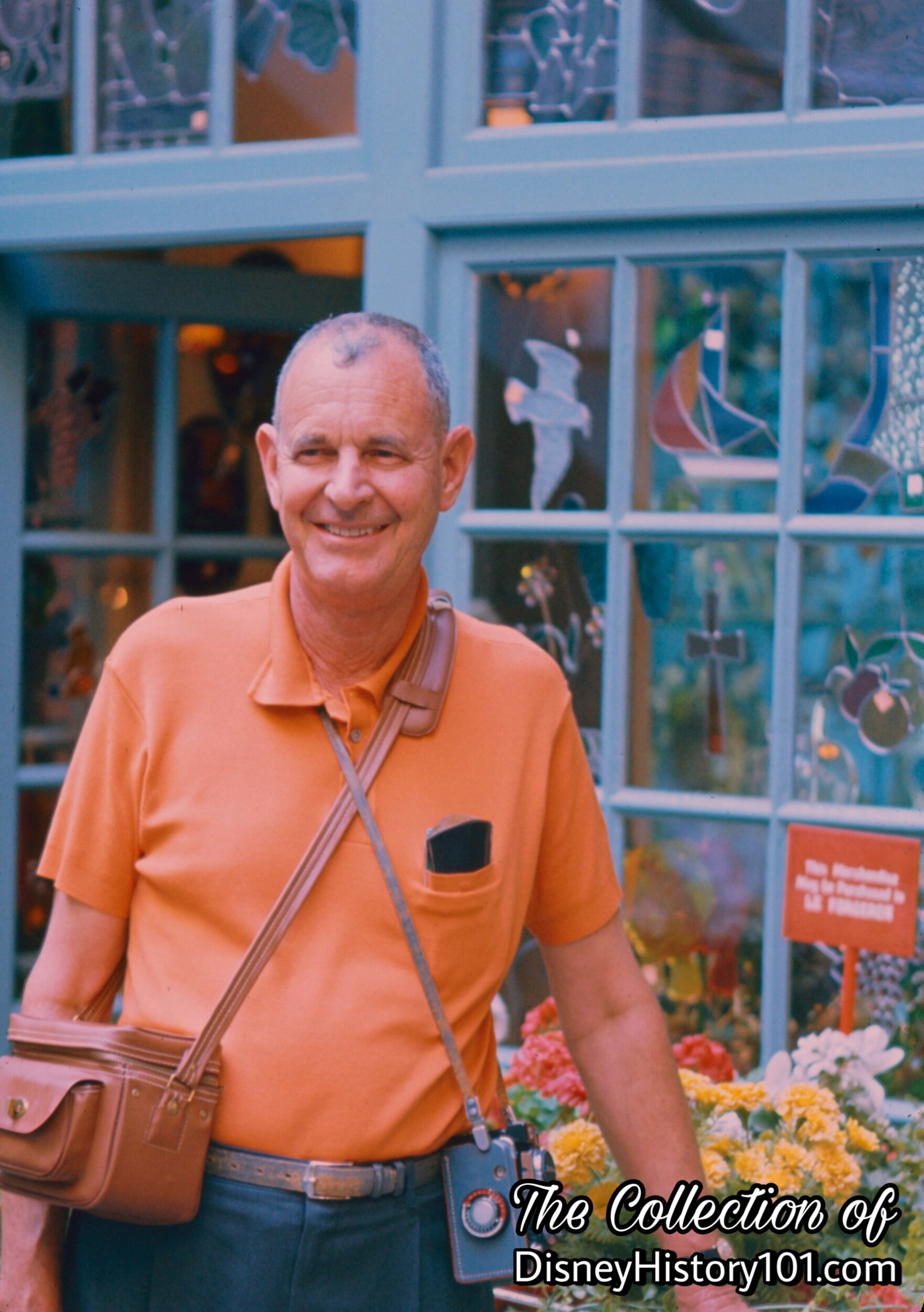
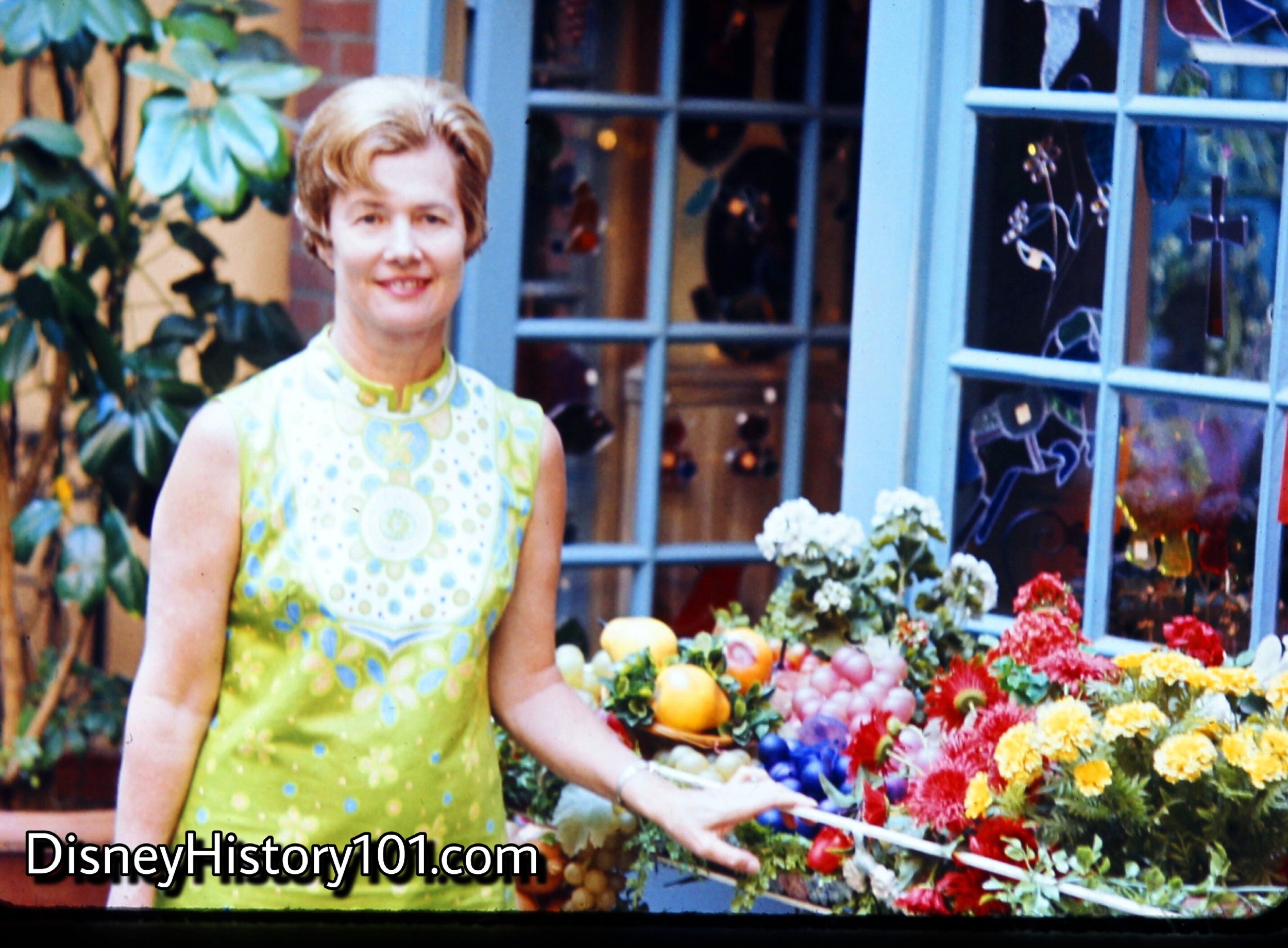
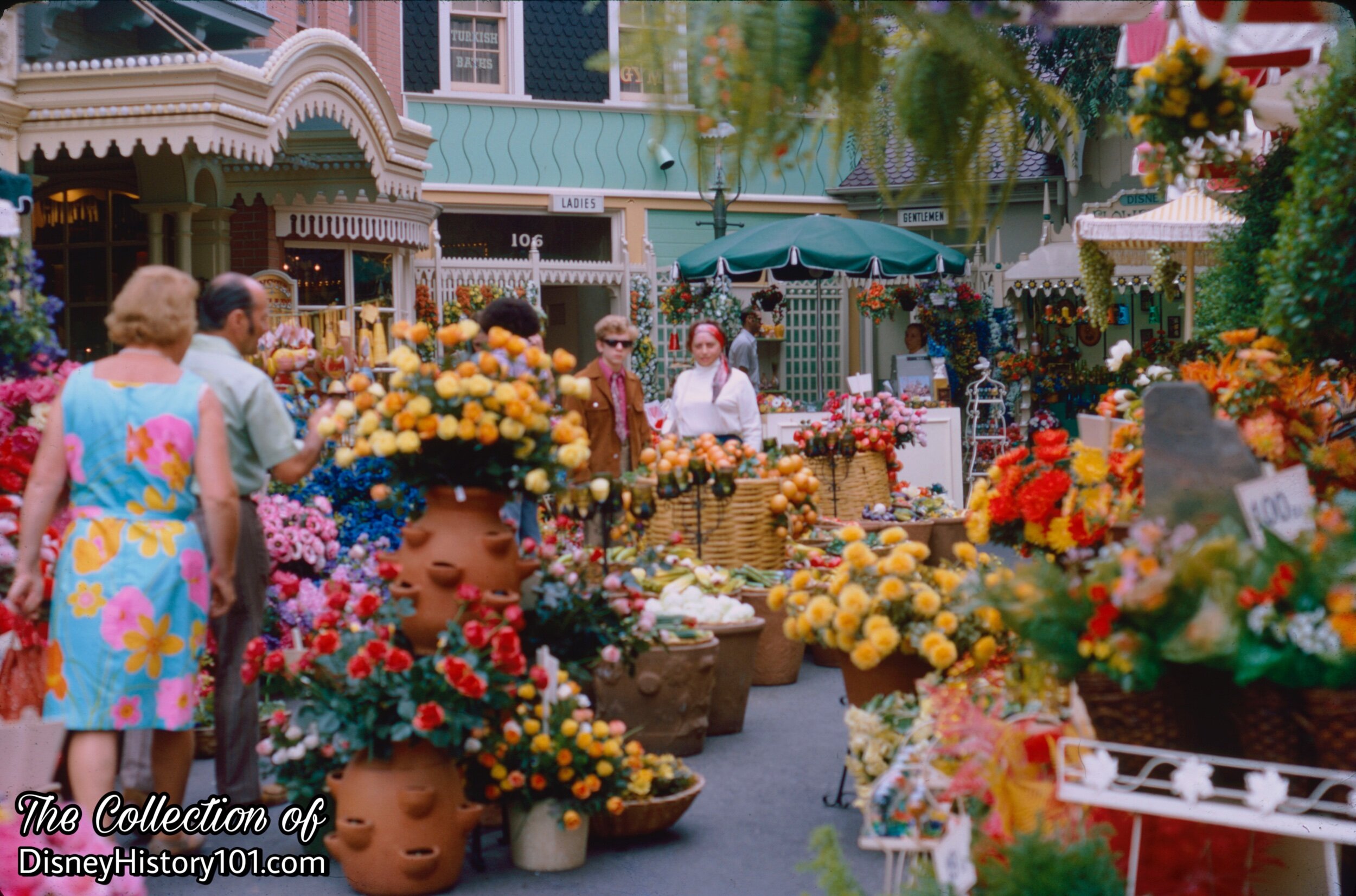
“So life-like…so beautiful…so almost real”, according to a Disneyland gift catalogue from 1960.

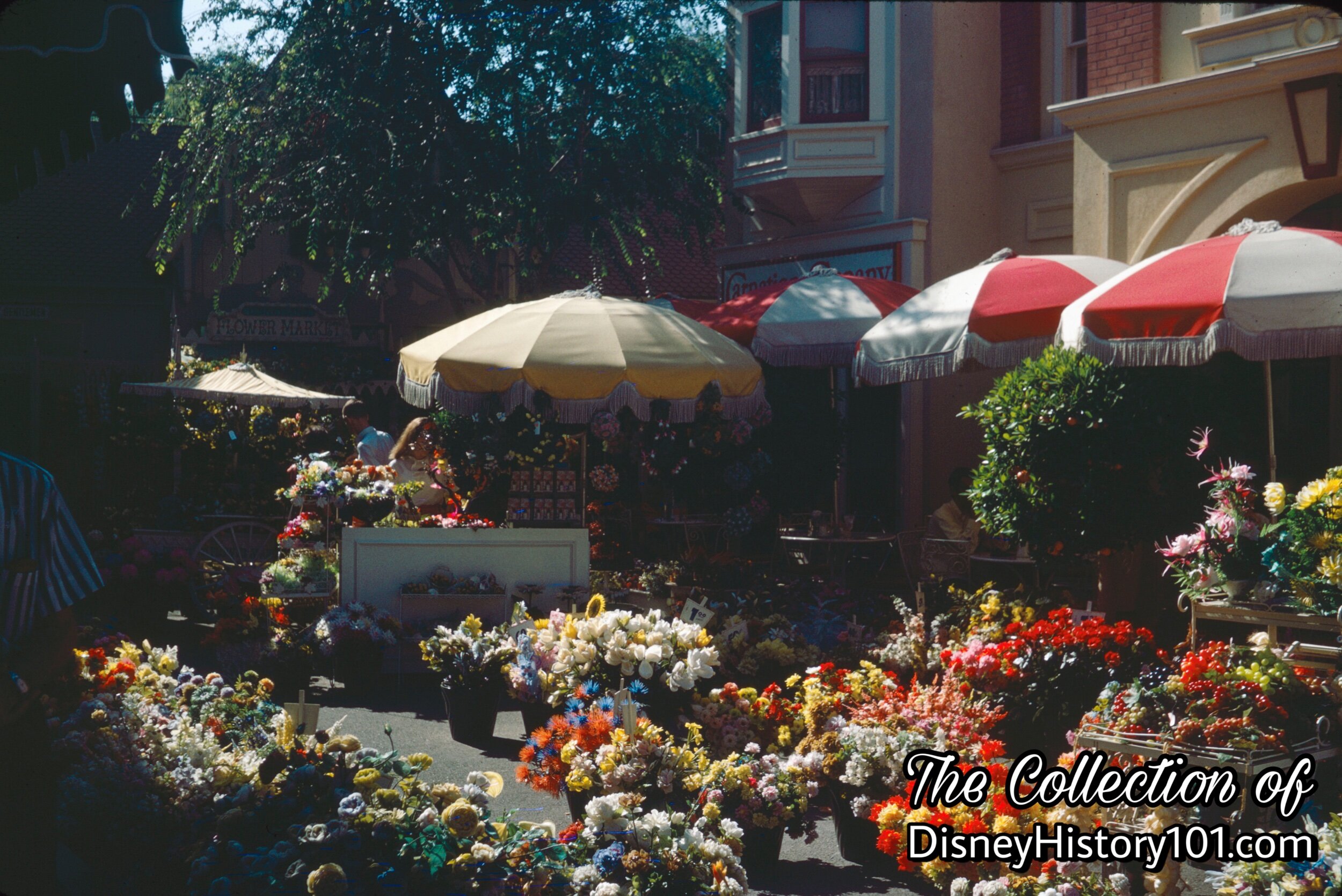
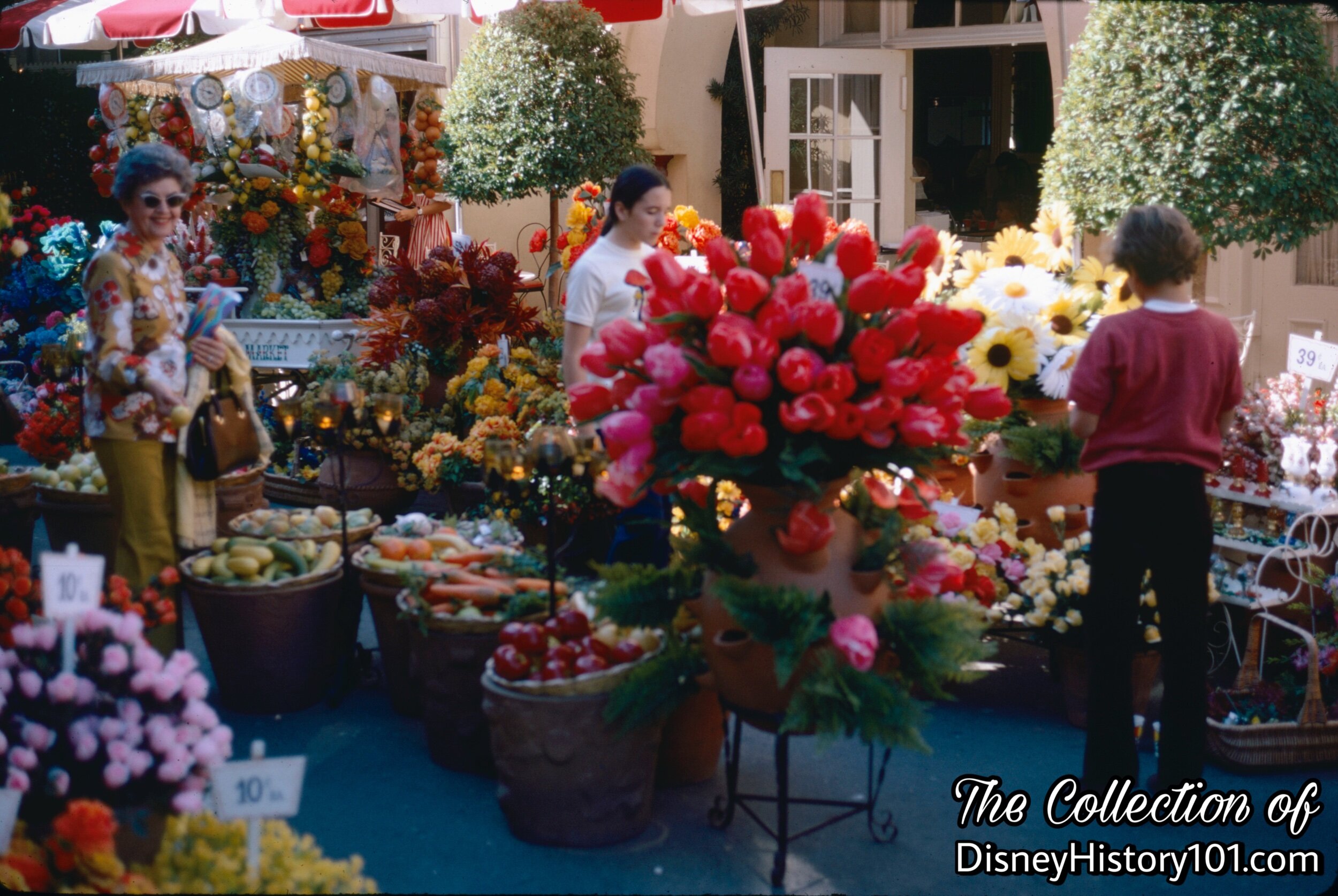
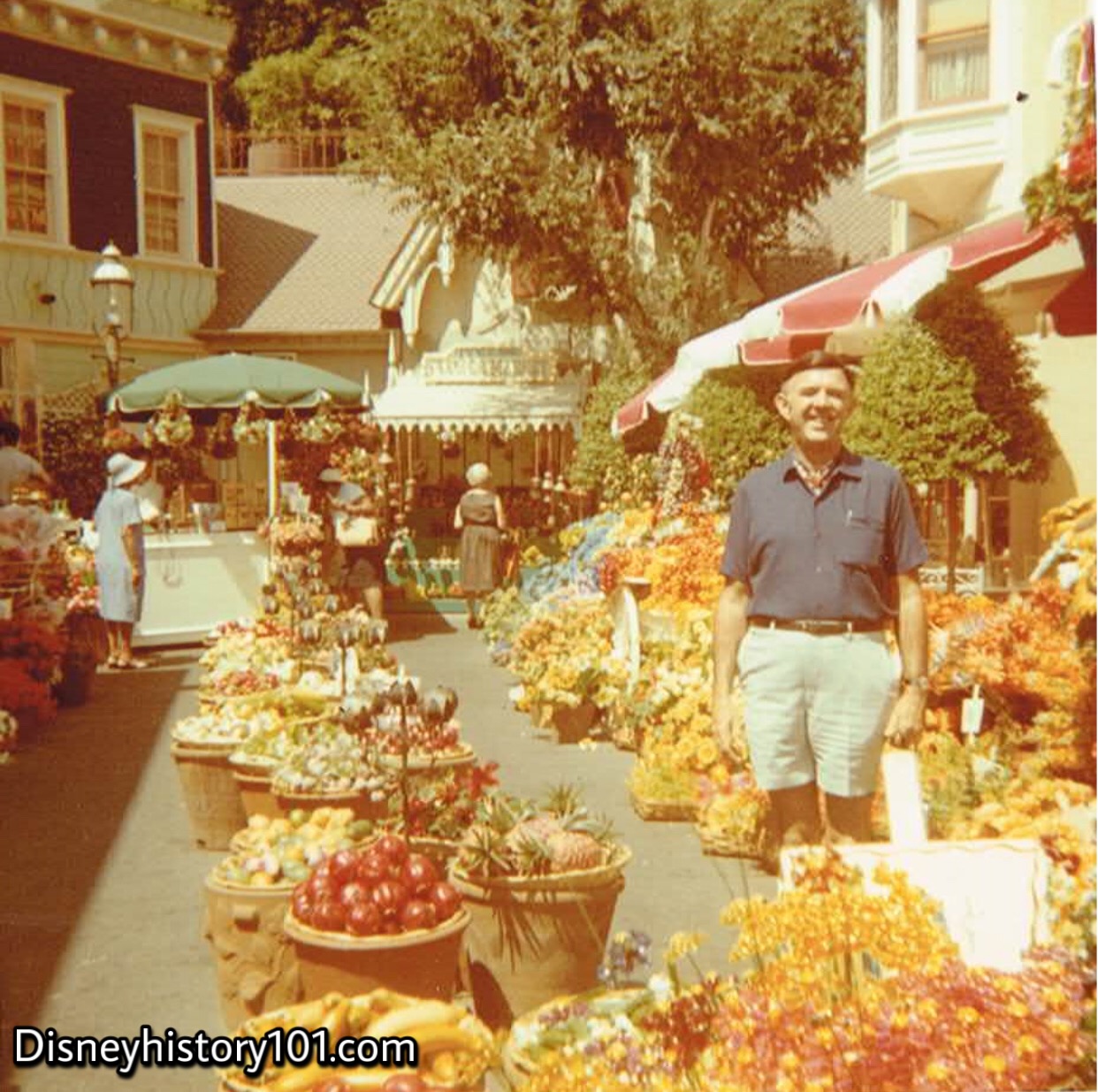
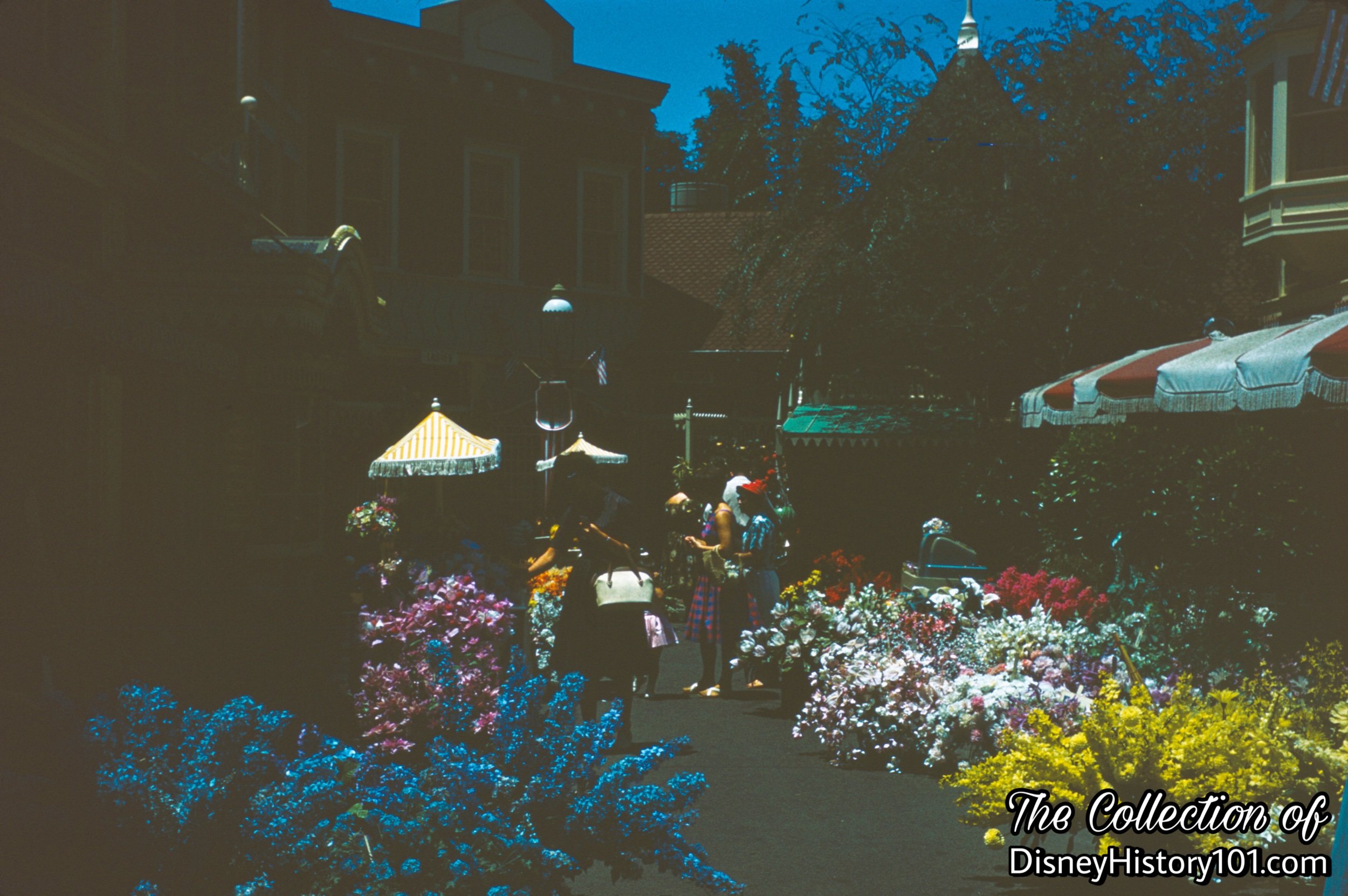
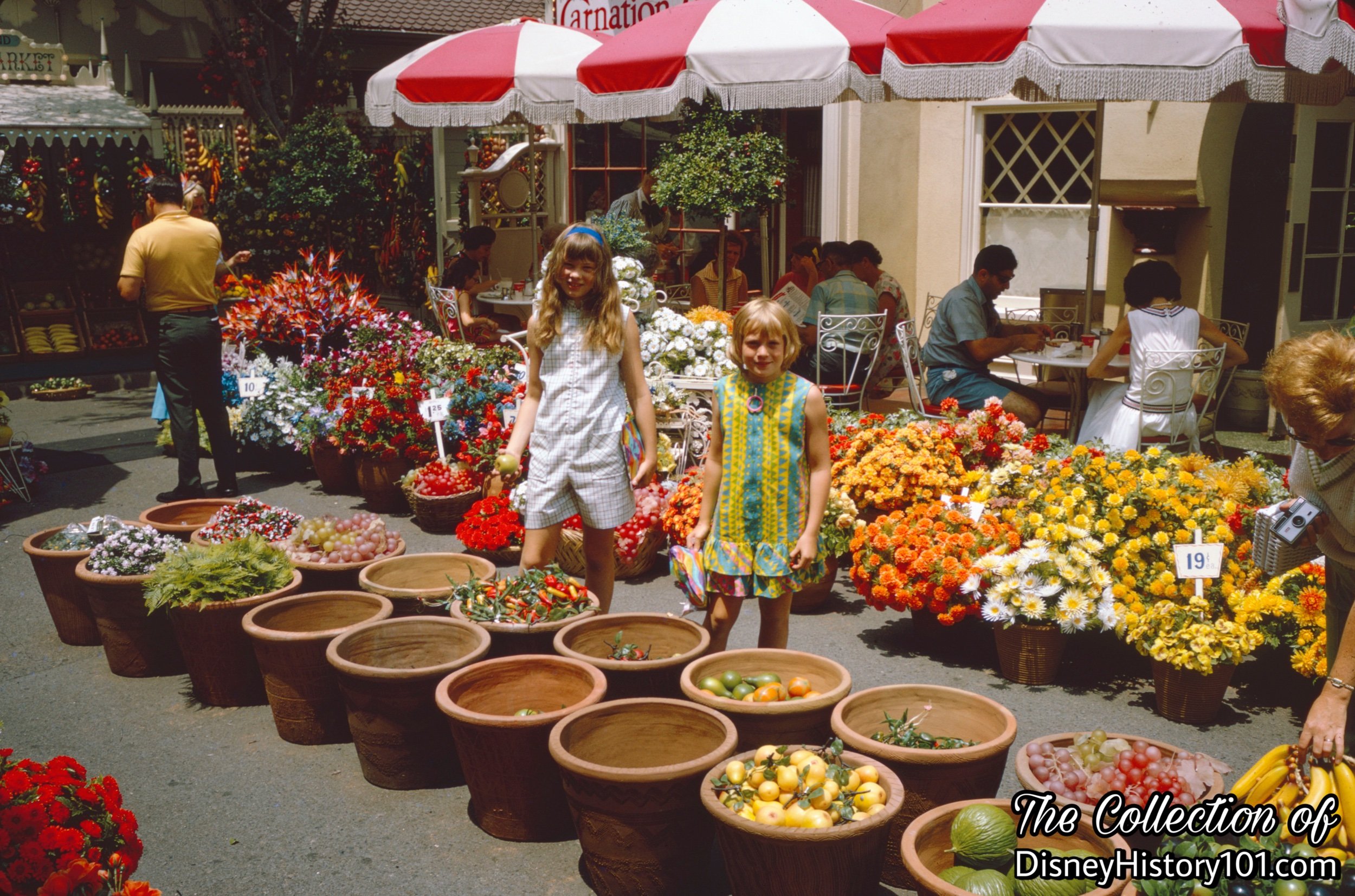

During 1977, the Carnation Ice Cream Parlor added an outdoor dining Patio Area with Gazebo which filled all of West Center Street. It was at this time that the Carnation Truck exhibit was relocated near Central First Aid. As for the Main Street Flower Mart (with its “small unusual plants and man made flowers”), it was moved just across Main Street U.S.A., to a section of East Center Street, nestled between Hallmark Communication Center and Swift’s Market House / C & H Sugar Corner!
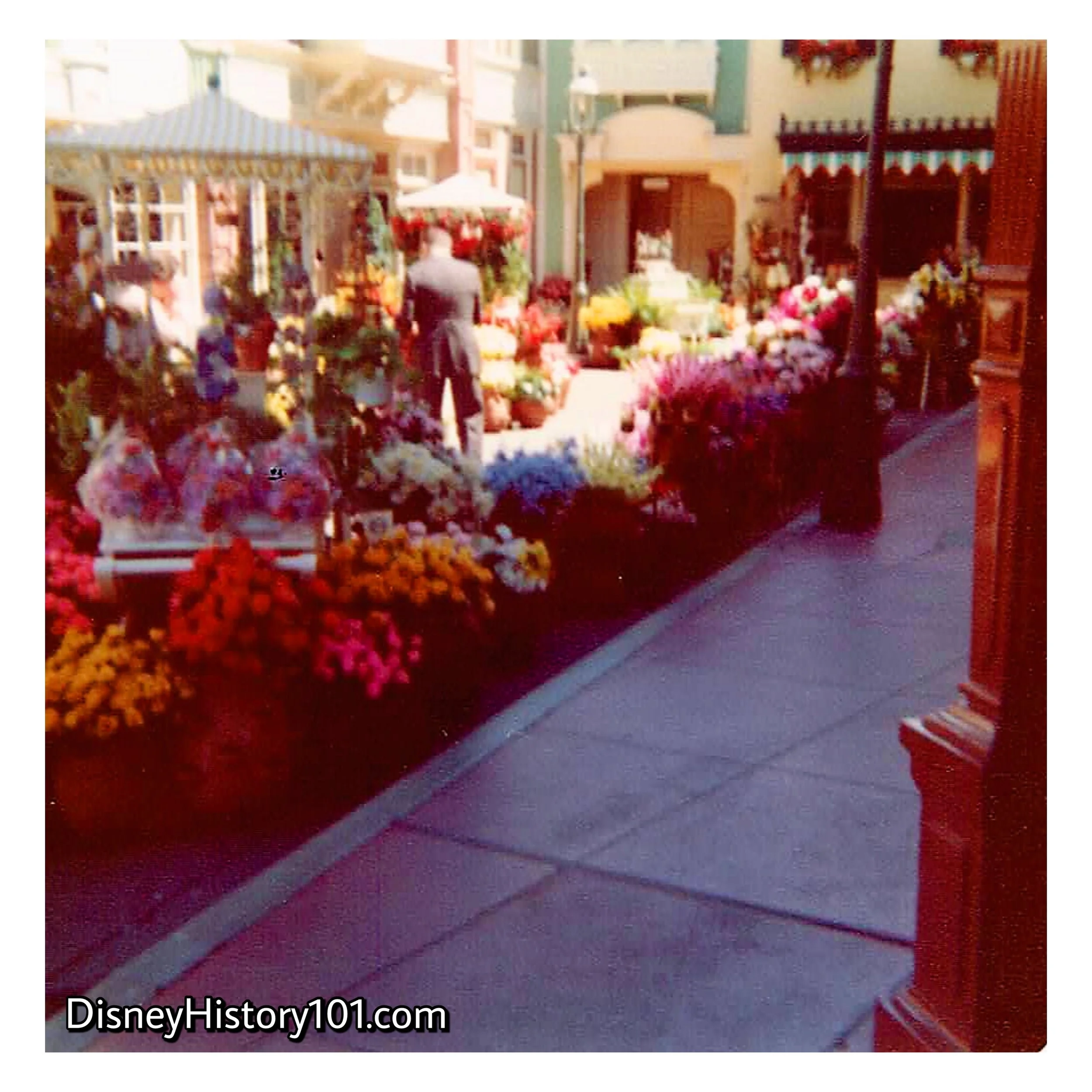
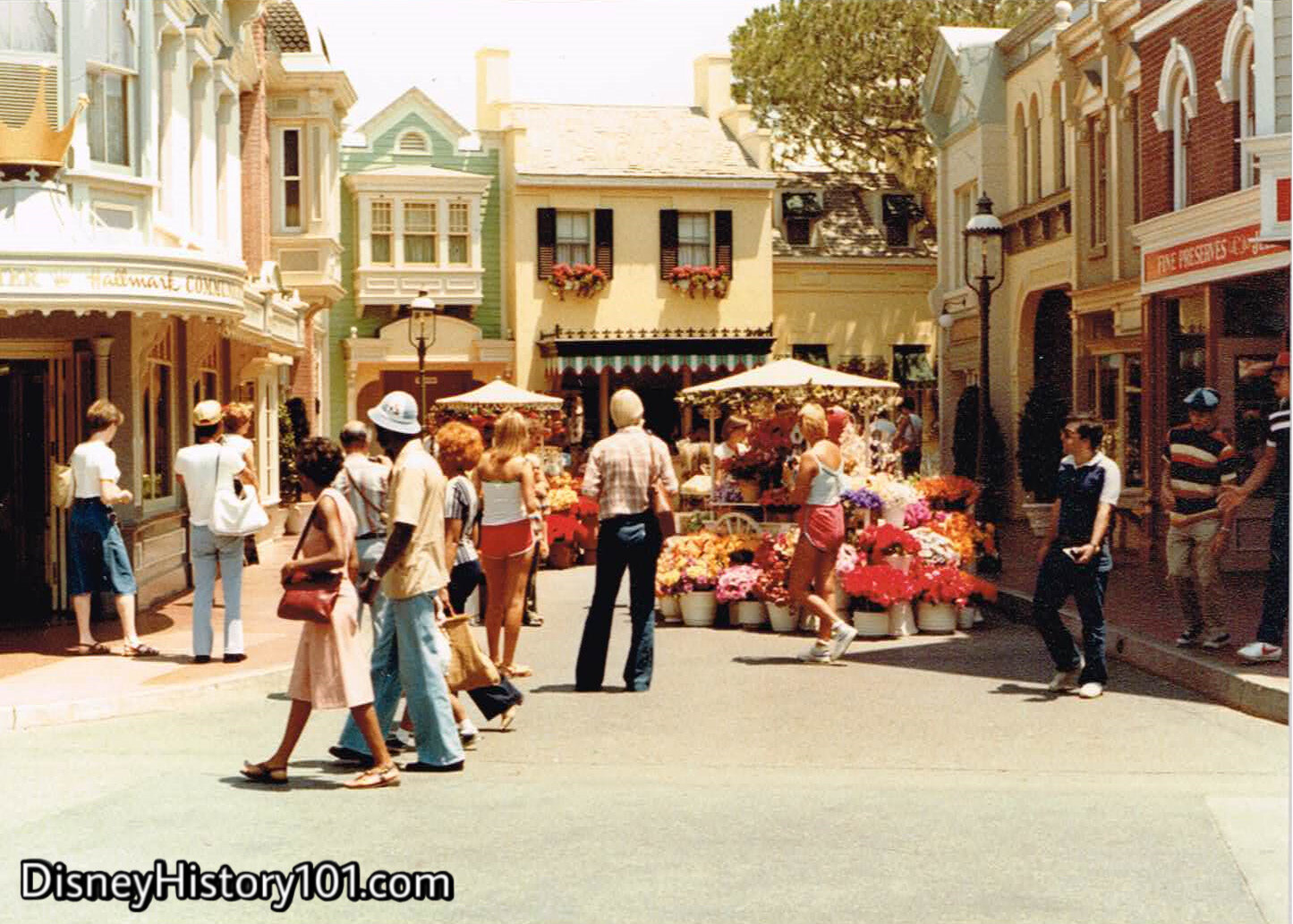
The Flower Mart of East Center Street was not as sprawling as its previous (and Carnation Cafe adjacent) West Center Street incarnation!
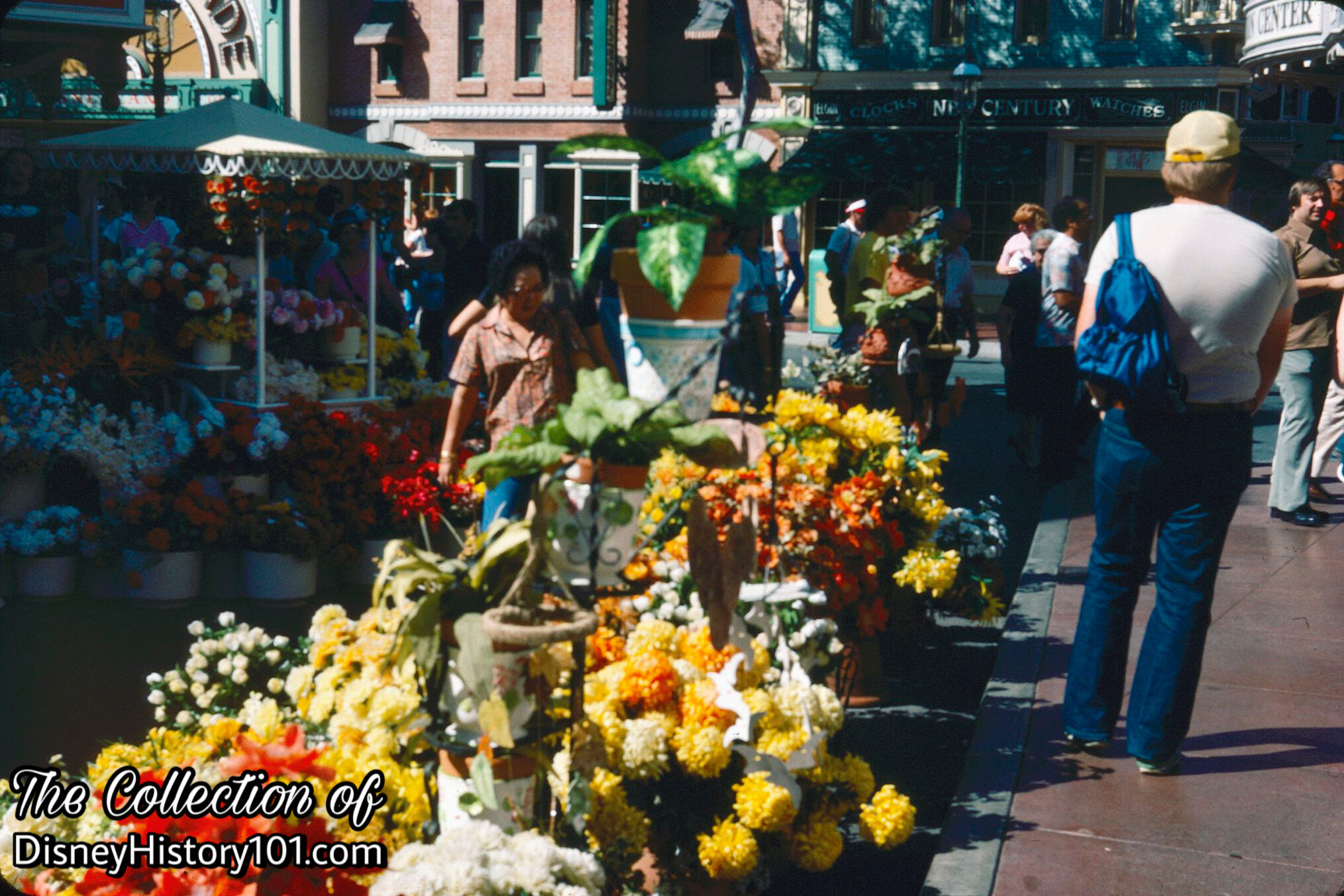
But there was still a healthy assortment of flowers at this East Center Street location. Just take a look!

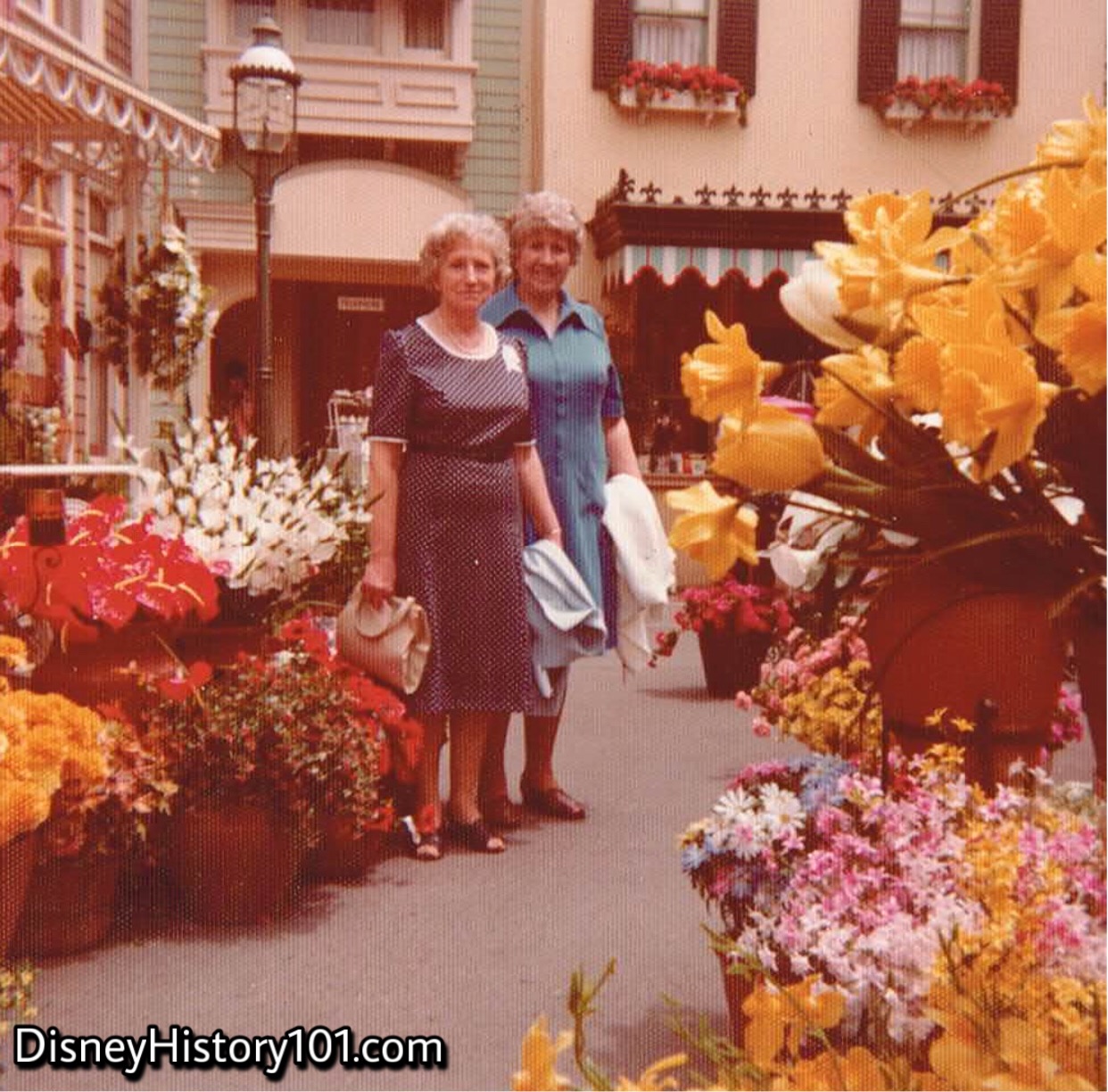
The flowers never wilted, but they would eventually disappear. In 1979, the East Center Street Flower Mart (along with their vendors, and their stock) would vanish. By 1984, small plants, unusual artificial flowers, and even stamps could be purchased at the Flower Market on Main Street.

However, the tradition continued at the Magic Kingdom Flower Shop (part of the Emporium on Main Street), where an “alley brightened by multi-colored flowers” consisted of “artificial floral arrangements made from our large selection of dried and plastic flowers and fruits.” The Shop offered miniature “orange, lemon, lime, gardenia, orchid, and palm trees… along with terrariums, hanging pots, earth candles, plant books, and and chimes.”
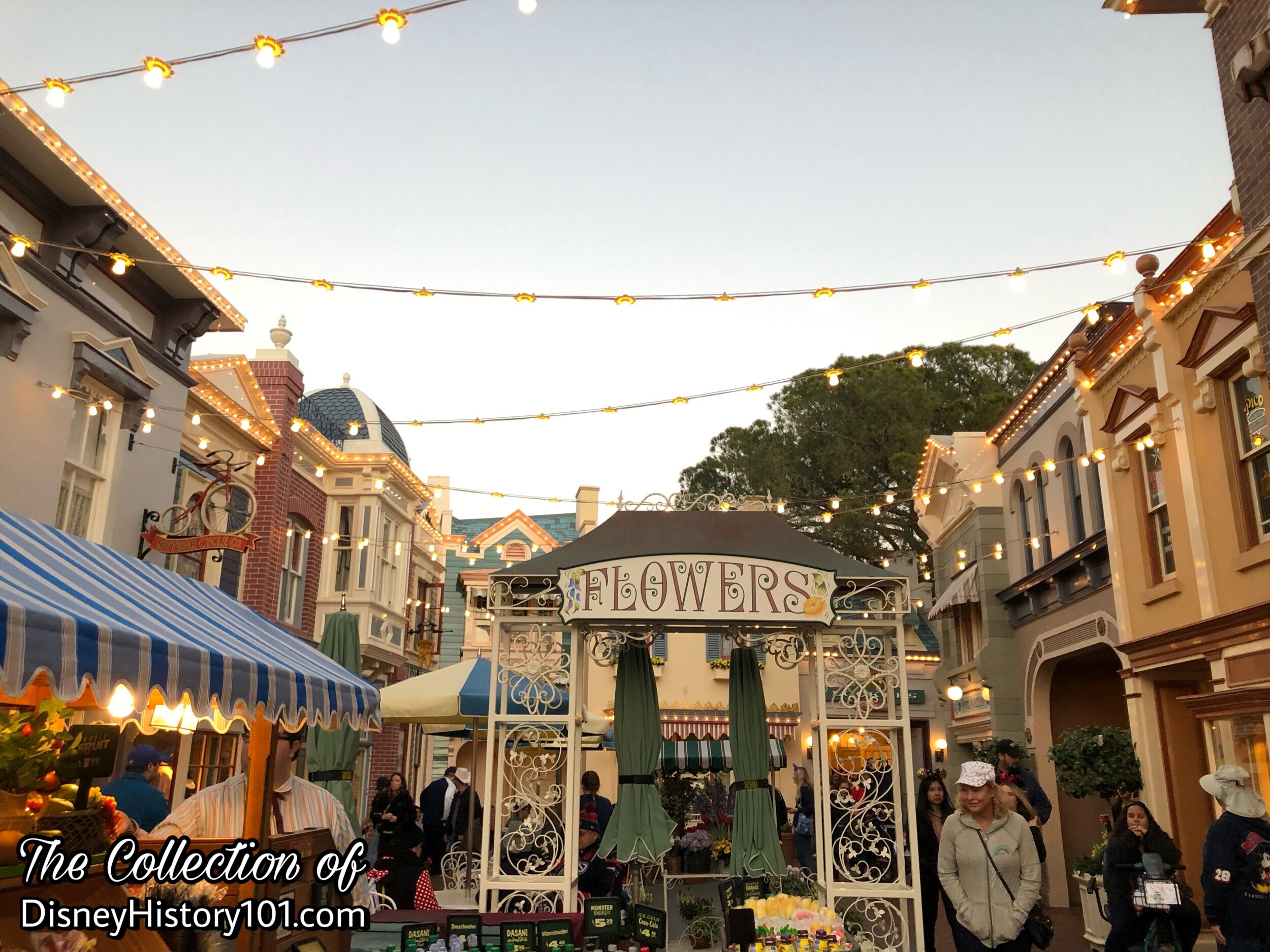
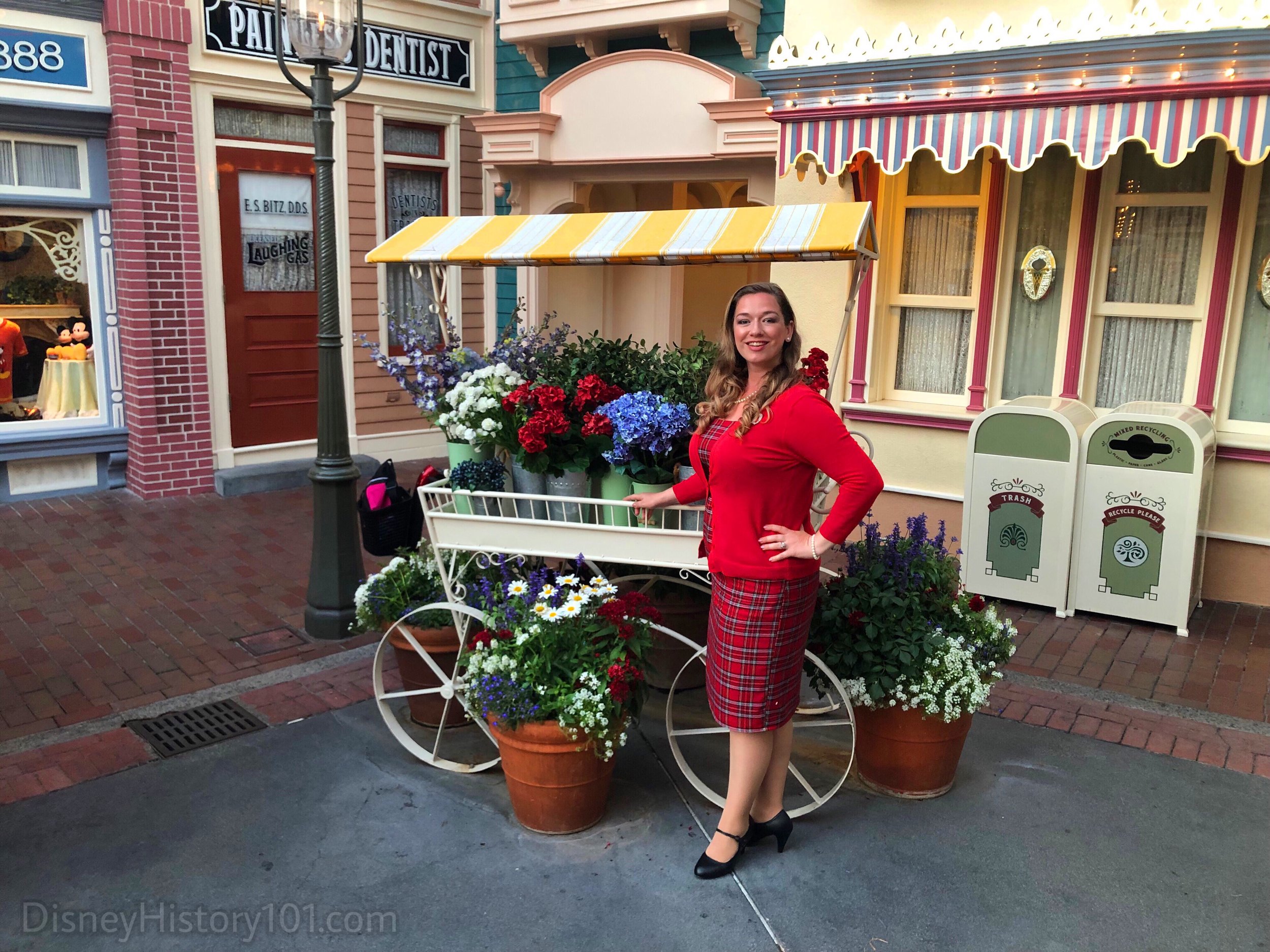
During 2013, flower carts reappeared on East Center Street in a homage marking the second location of the Disneyland Flower Market. This time around the flowers weren’t for sale, and they weren’t synthetic either. The carts were now adorned with true - life naturally fragrant flowers (much like their Magic Kingdom incarnation)!
The former Walt Disney Imagineering Principal Creative Executive Marty Sklar would probably agree that the small details like these make the story appealing.
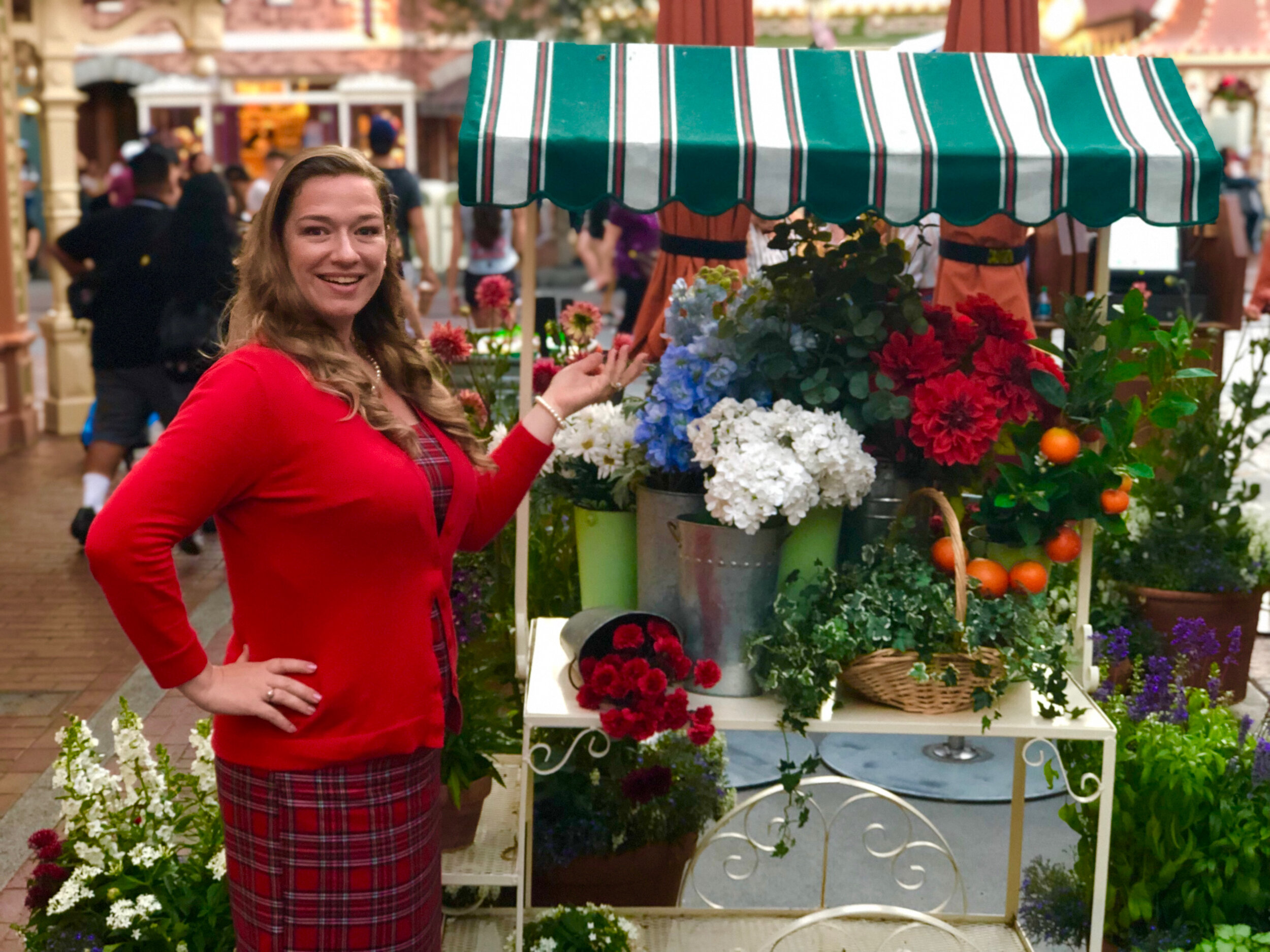
The next time you happen to stroll down Main Street, please step this way, and experience a Walt-era attraction that once graced East Center Street - the scent of some of the finest flowers “grown by nature!”
DISNEYLAND MARCHING BAND
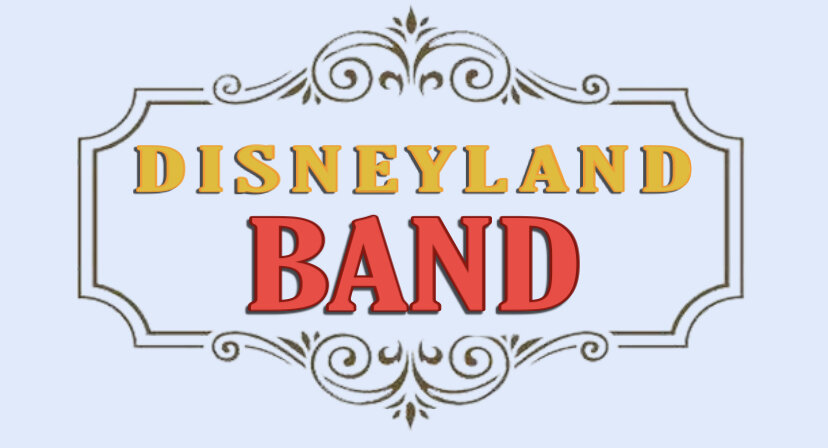
Walt Disney once said, “Music has always had a prominent part in all our products.” [Wisdom magazine published December 1959] With this expression in mind, it isn’t hard to imagine why (since Disneyland’s conception), a marching band - evoking those of a bygone era - has always been part of Walt Disney’s vision of “a typical American town at the turn-of-the-century”! On the LP recording “Walt Disney Takes You To Disneyland,” Walt (himself) describes what he sees “at the end of the street, the marching band appears in full regalia!”
“Disneyland revolutionized outdoor entertainment and established a new approach to showmanship. The concept of a living stage was a radical change from the conventional amusement park, fair or fun zone. A variety of live shows entertained Guests throughout the day.”Many Disney characters - Disneyland Band, mountain climbers, Disney guest bands, and other people contribute to a constant living show throughout the Park. Whether they’re playing concerts in Town Square or marching down Main Street U.S.A., the popular 18-to-20-piece Disneyland Marching Band seems to always entertain Disneyland guests with old-fashioned concerts. Even more the “hometown band’s” gay and entertaining music (of band classics like a grand old Sousa march, and modern standards) has come to embody the “Disneyesque Magic” that keynotes Disneyland’s musical moods and shuts the world of everyday life outside Disneyland’s gates!
Now, I invite you to please “step off” and keep in “step this way” as we explore a few “keynotes” and rare Vintage Views of the Disneyland Band!
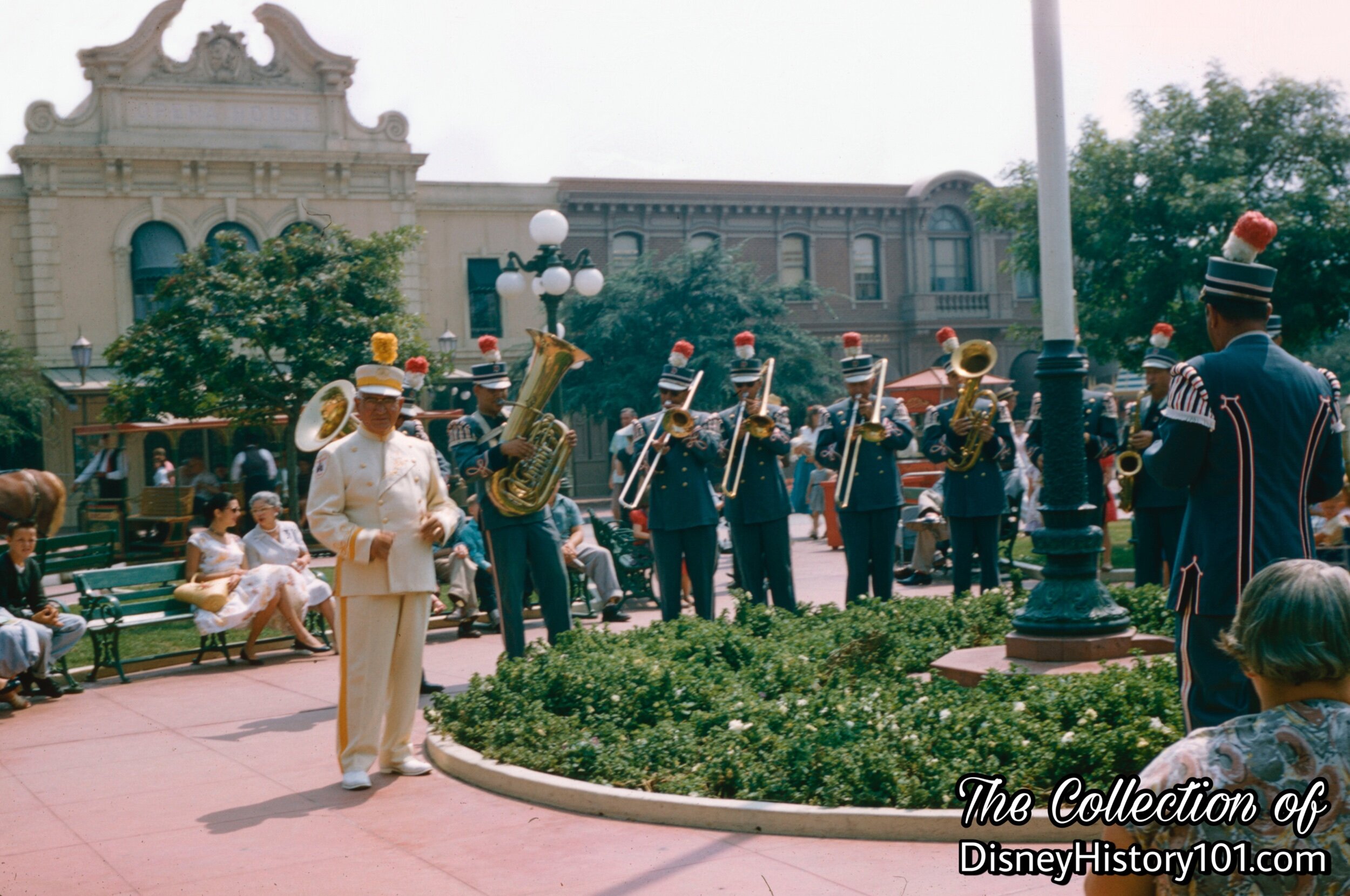

The success of the Disneyland Band is owed to its first Band Director - Vesey Walker! Many of us may be too young to remember the man who, (according to the Official Guide to Disneyland, published 1956, only months after the Park opened), had “won world-wide acclaim as band leader.” This “world-wide acclaim” was (of course) due to his resume of previous experiences, not withstanding his new career for Walt Disney’s Magic Kingdom. By this early time in Disneyland history, Vesey Walker may have already been known as “the pride of Main Street,” but the Sheffield, England native got his start 30 years prior, first taking up his baton with the Army Bandmaster School during World War I, and later becoming the Assistant Bandmaster to the 41st Infantry.
When the war was over, Vesey Walker came to America, and soon “found his footing” as bandmaster of the “Milwaukee American Legion Band, winning four national band championships for the American Legion and the International band contest in Geneva, Switzerland in 1934, as well a an Elks national competition and a Veterans of Foreign Wars contest,” (according to Vacationland magazine, published Winter-Spring of 1964). The album of “Walt Disney’s Disneyland Band Concert,” (published by Disneyland Records) continues Vesey’s story this way: “He came to California from Milwaukee (then one of the country’s most renowned cities of concert band music) during the 30s to take over the direction of the Los Angeles Elks Lodge 99 band, the famous “Toppers.” (This was not the first and would not be the last band that Vesey founded in his lifetime, founding the Marquette University Band and some 50 others all together.)


It was likely his performance in a Tournament of Roses Parade of Pasadena, California, that Walt Disney was first impressed with the British Bandmaster’s conducting. As mentioned, Vesey was leading the Los Angeles Elks 99 band (a role that Vesey filled for some 21 years, from 1936 to 1955). It is clear by this time, that Vesey Walker had developed quite a reputation, for he had “won more than 50 state and international prizes.” Amidst these successes, Vesey had conducted many college bands and military bands (like the Milwaukee American Legion Band, which he had led to “four national championships, plus an international one in Geneva”). Kesey led both school bands, and youth bands (like the Los Angeles County Sheriff Biscailuz Boys Band and the Inglewood Boys Band). Vesey’s own son Tommy even went on to become a drum major and Band Leader with the University of Southern California.
According to Vesey Walker’s wife, Walt Disney now inquired about Vesey Walker, and hired him “late in 1954,” to organize the band procession planned for Disneyland’s big televised opening day event, which was just a few months away. The “Disney News” (Fall of 1966) preserves Vesey’s memories of what happened next : “‘Walt asked me to put together a small band for the Park’s opening and a two-week engagement,’ Vesey says.” Next, “Some of the best bandsmen around, many of them alumni of Stan Kenton, Woody Herman, gene Krupka, Tommy Dorsey and even the Ballet Russe and Los Angeles Philharmonic orchestra, got together with their leader,” according to the every same“Disney News” (Fall of 1966).
Cornet musician Ted Tracey recalled: “one day in 1955, the union called and said that a band was being formed for Disneyland and that the job was for two weeks.” Jim Barngrover remembered the date he received “the call”: “On July 10, 1955 the local musicians' office got a call for musicians at Disneyland. It was to last for two weeks and a 16-piece band was wanted. The band was put together by Tommy Walker and Tommy's father, Vesey Walker soon became the first Disneyland Band director.” Ted goes on: “We had a week to rehearse and get ready and workmen were running and stuff was being hammered together...all the time we were rehearsing.”
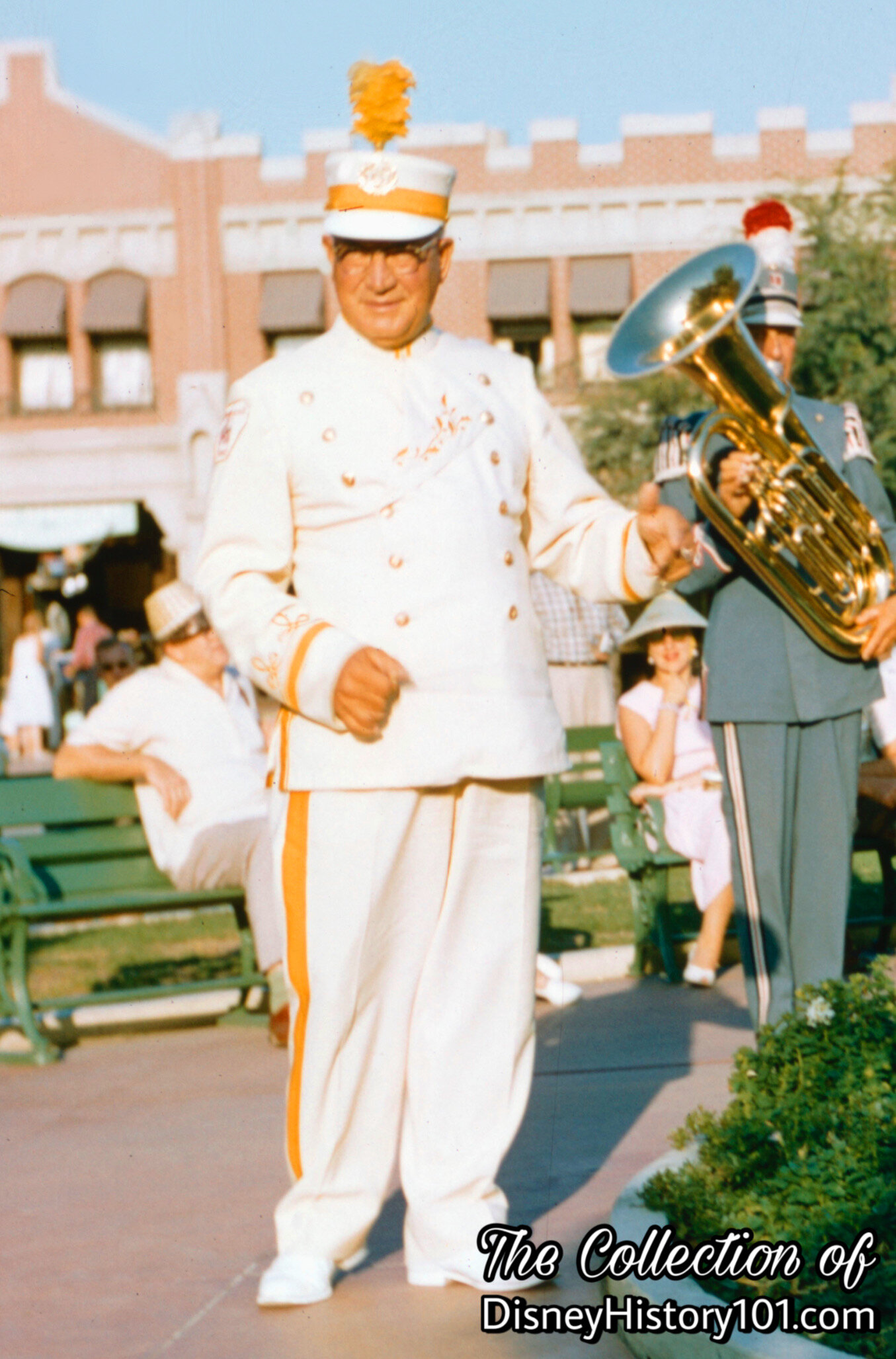
During their contemporaneous time with Disneyland, Vesey Walker (and son, Tommy Walker) would go on to open their own business - “Walker’s House of Music” (located at 220 North Los Angeles Street, c. 1958). The shop (managed by Gail Beverly) was advertised as a “Band and Orchestra Headquarters”, specializing in instruments, instruction, rentals, repairs, and sales. In addition, Vesey would see his son Tommy go on to serve in Entertainment managerial roles for Disneyland (in Disneyland Guest Relations and as Disneyland Director of Entertainment), in which Tommy was most influential in encouraging the education of youngsters involved in music and arts programs.


Before Disneyland even opened, the Disneyland Band was reckoned among “Disneyland rides and amusements” that “will delight the very young, the teen-ager, young married couples, the middle-aged, and grandparents alike,” as some of the following Vintage Views testify [Anaheim Bulletin “Premier Souvenir Edition - Walt Disney’s Magic Kingdom - Disneyland” Insert ; Friday, July 15th, 1955].
“The Press Preview & Grand Opening”
Cornet musician Ted Tracey remembered: “Cables were running up and down Main Street for the T.V. crews. It was hot! We played the Colonel Bogey March and the Washington Post.”
Beginning in July of 1955, the Disneyland Band was originally organized to perform “only a two-week engagement”. According to “The Spirit of Disneyland” (prepared by Walt Disney Productions, in 1984), this limited contract indicated “the tentative nature of the times.” However the Disneyland Marching Band became so popular with guests. Knowing their audience, Disneyland Operations decided that the Disneyland Band would be “held over.” They would go on to play daily concerts throughout the Park, under the direction of the Disneyland Band Founding Director Vesey Walker. For instance, the Disneyland Band would perform under the Bandstand from 11:30 a.m. to 12:15 and 2:00 p.m. to 3:00 p.m. daily. Coronet musician Ted Tracey remembered how “Sometimes, on Sunday morning, Walt would sit on a Park bench, wearing a slouch hat and listen to the band.”
The Disneyland Band was present nearly seven weeks later, to welcome Elsa Marquez (the 1-millionth visitor) to Disneyland, as they played “Happy Days Are Here Again”, “Davy Crockett”, and “Let Me Call You Sweetheart” at the Disneyland Main Gate. By the spring-summer of 1956, the Disneyland Band soon found themselves giving “Welcome to Disneyland”concerts for large groups (and conventions) of 25 - 5000 guests, in coordination with Disneyland Guest Relations Department (then Directed by Jack Sayers and Assisted by Tommy Walker). “55er” Ted Tracey recalled: “In the early days, the Band dressed in a tent in back of Carnation. it was HOT in the tent and our clothes NEVER dried out. We would strip down to our shorts and from the OUTSIDE, you could see the hairy legs walking around INSIDE!”
Soon, the Disneyland Band’s very first album was recorded at Disneyland (and sold through Wonderland Music Shop, by August of 1956). Vesey and his Disneyland Band (c. 1956) can readily be seen preserved on film (wearing their red, white, and blue uniforms and shako hats, and surprisingly no band name on the drum head), in the “An Adventure in the Magic Kingdom” episode of Walt Disney’s “Disneyland” television series (filmed in 1957, and airing in 1958)! The very same footage (originally filmed in color) was reused in “Disneyland, U.S.A.” (a “People and Places” feature film, released in the U.S. on December 20, 1956 through Buena Vista Film Distribution Company). As a sidelight, the custom (and authentic) wardrobe of the Disneyland Band was likely provided by Warren Ackerman’s House of Uniforms (yes, “uniforms”), then located in Beverly Hills, California.
“Melody Times”
By the year 1956, the Official Guide to Disneyland had figured “the Disneyland Band gives 1,460 concerts annually in Disneyland.” This meant a lot of performances held in various parts of the Park, and not just on Sunday (as was traditionally done around the true-life turn-of the century) but twice, daily. These old-fashioned concerts took place in both Town Square (at 11:00 a.m.) and then under the Magnolia Gardens Gazebo, before heading into the wilds of Adventureland and Frontierland for impromptu concerts. You may recollect seeing the Disneyland Band (clad in their red, white, and blue uniforms and shako hats), performing in a few odd locations during this era - from the backs of King Arthur’s carousel horses, from the lower deck of the Mark Twain sternwheeler, or even maintaining Vesey’s dictated tempo, while spinning and twirling in the Mad Hatter’s tea cups (as seen in “Disneyland U.S.A.”, released December 20, 1956). Next, the Disneyland Band would parade back down Main Street U.S.A. and through the Park (usually from noon to 1 p.m.), before their final performance during the Flag Retreat in Town Square (from about 5:45 to 6:15). The only time their routine performances were interrupted, was during Disneyland’s “Yuletide Season” (which began in 1955, when they performed 2-3 shows daily in the Mickey Mouse Club Circus at Holidayland). By 1959, Art Linkletter (host of “Disneyland ‘59” Presented by Kodak) could say : “The Disneyland Band, Directed by Vesey Walker (and man, he struts) is coming up - the ‘Marching-est Band In The Whole World’ covering every cranny of Disneyland! They play on the river boats, covered wagons, the carousel, and the jungle launches. You name it, they’re there, and so they’re here for the opening of our big parade!” A few years later, (by 1968/1969), the Disneyland Band’s schedule of appearances and route through the Park had changed little. By then, the band usually performed a Main Street Parade and Town Square Concert (from 10:45 a.m. to 11:05 a.m.), then marched through Disneyland and gave a concert aboard the Mark Twain (from 11:20 p.m. to 12:15 p.m.), after which they would head to the Plaza Gardens for a concert (from 2:15 p.m. to 3:15 p.m.), and then finally participate in another Main Street Parade before the Retreat Ceremony (from 5:25 p.m. to 5:45 p.m.)!
Ted Tracey remembered: “One time we had a sax plover, who was always the first to rush off after a concert. The last strains of music would barely fade away when he would grab his music stand and rush off. Well this time, the clarinet player nailed his stand to the floor, and when the auy tiled to charge off, he couldn't move the stand!!”
“Make Mine Music”
Vesey may have found it challenging to teach his own pet Mynah Bird to talk via the recording method. However, like some sort of “musical kaleidoscope” the versatile Disneyland Band performed a variety of requests - “state songs, old-time favorites, children’s tunes and songs from Disney motion pictures”, (according to Holiday magazine, published 1957). Some of their finer music includes “The William Tell Overture”, “Basin Street Blues”, “The Eyes of Texas Are Upon You”, and novelties as “The Clarinet Polka”. Occasionally, new songs would be rehearsed and performed for the seasonal holiday festivals and special ceremonies. From 1955 to 1969, “every President of the United States since 1946 except Lyndon Johnson, 15 princes and princesses, six kings, and a number of Prime Ministers and Premiers, several maharajahs, Congo Tribal Chiefs, Ambassadors, three queens, and a number of noted Russians - save one” have visited Disneyland. (Disney News, Fall, 1969). On some of these occasions, the Disneyland Band would perform special song arrangements, as when a special “Circus band Concert” was performed for members of the National Circus Fans Association, on Friday, June 14th, 1957. On one occasion the Disneyland Band performed a song “written by King Bhumibol of Thailand” before his visit to Walt Disney’s Magic Kingdom. Yes, all sorts of individuals visited Disneyland (from the world over), for an opportunity to hear the Disneyland Band under the Direction of Vesey Walker!

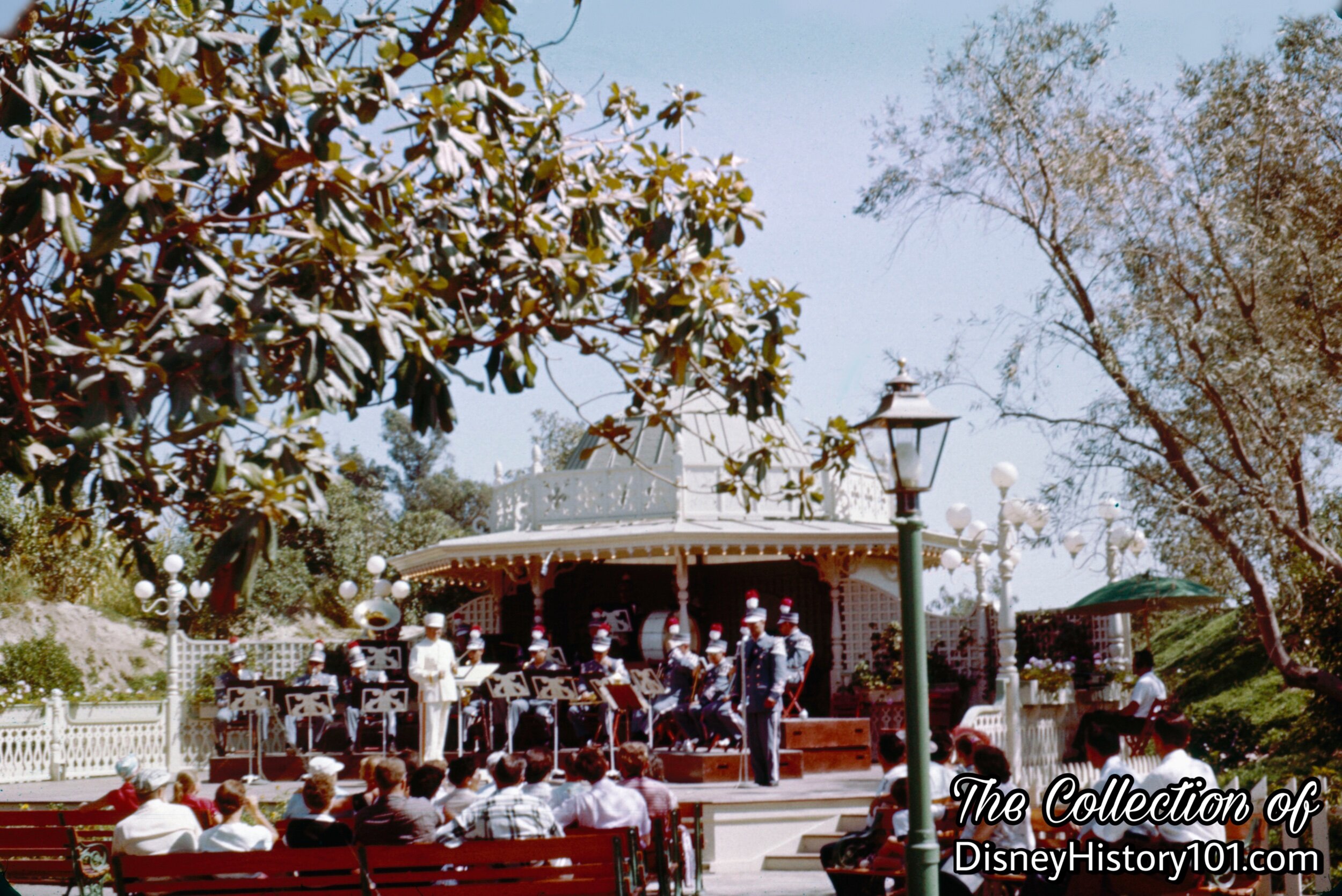
Magnolia Park (located between the Rivers of the World in Adventureland and the Frontierland Station of the Santa Fe & Disneyland Railroad) was the setting of the Bandstand and Gazebo from the Spring of 1956 to 1962. To understand the location of Magnolia Park in relation to other sights and sounds of Disneyland - it was quite common to hear the sounds of the Cambodian Ruins along the Mekong River, smell the aroma of fresh fried chicken (from the Chicken Plantation), and see the passenger and freight trains (of the Santa Fe & Disneyland Railroad) roll by - all at once!
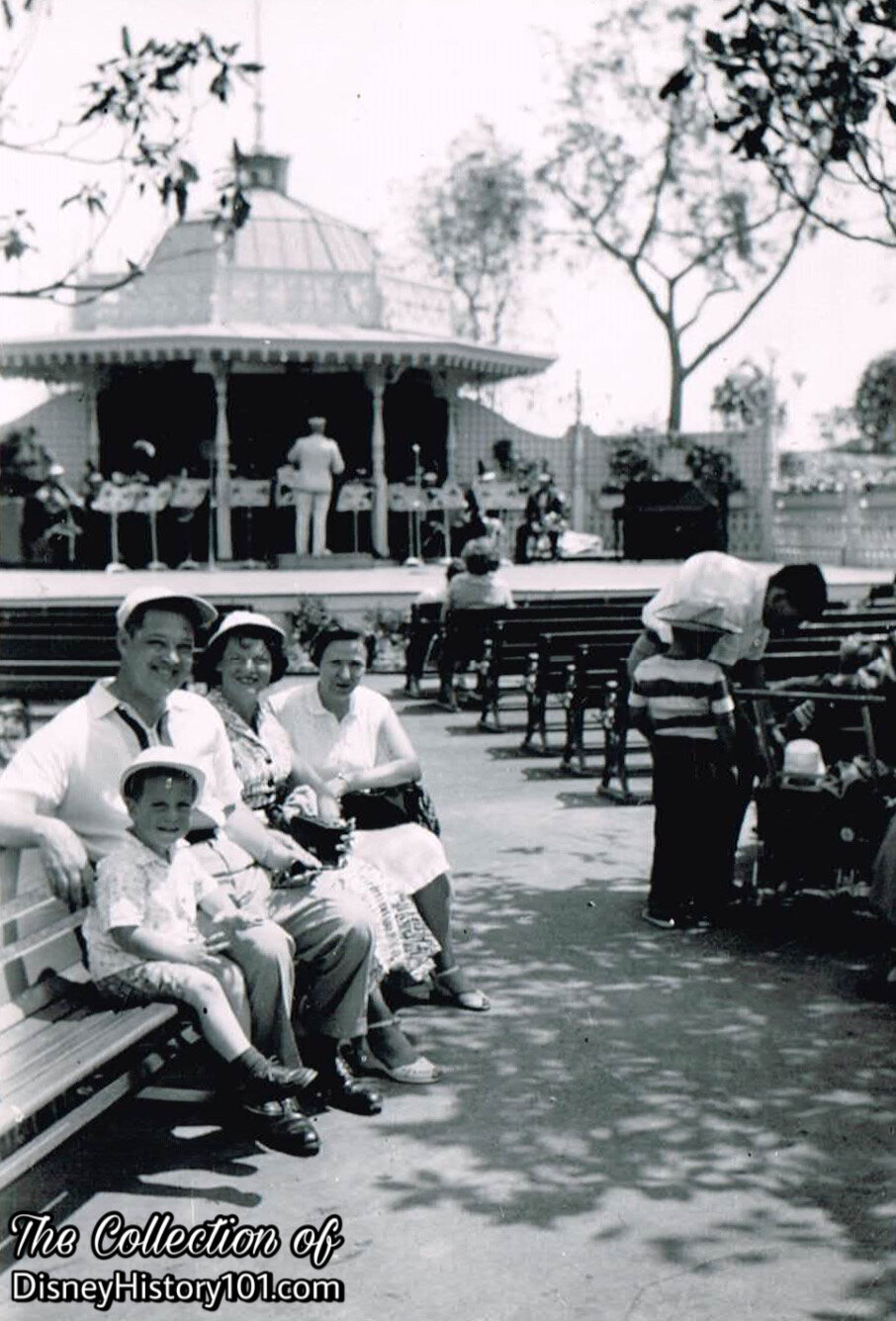
These smiling guests are enjoying a bygone American pastime - a concert in the park - Magnolia Park, that is! From the Spring of 1956 to 1962, Magnolia Park’s resident Bandstand and Gazebo were home to old-fashioned Disneyland Band concerts in the Park during daytimes and holidays. The new encompassing stage was able to support large instruments - even a piano and drum kit. Rows of park benches were added by this time, to accommodate families and large groups of guests desiring to listen to a concert in the Park!
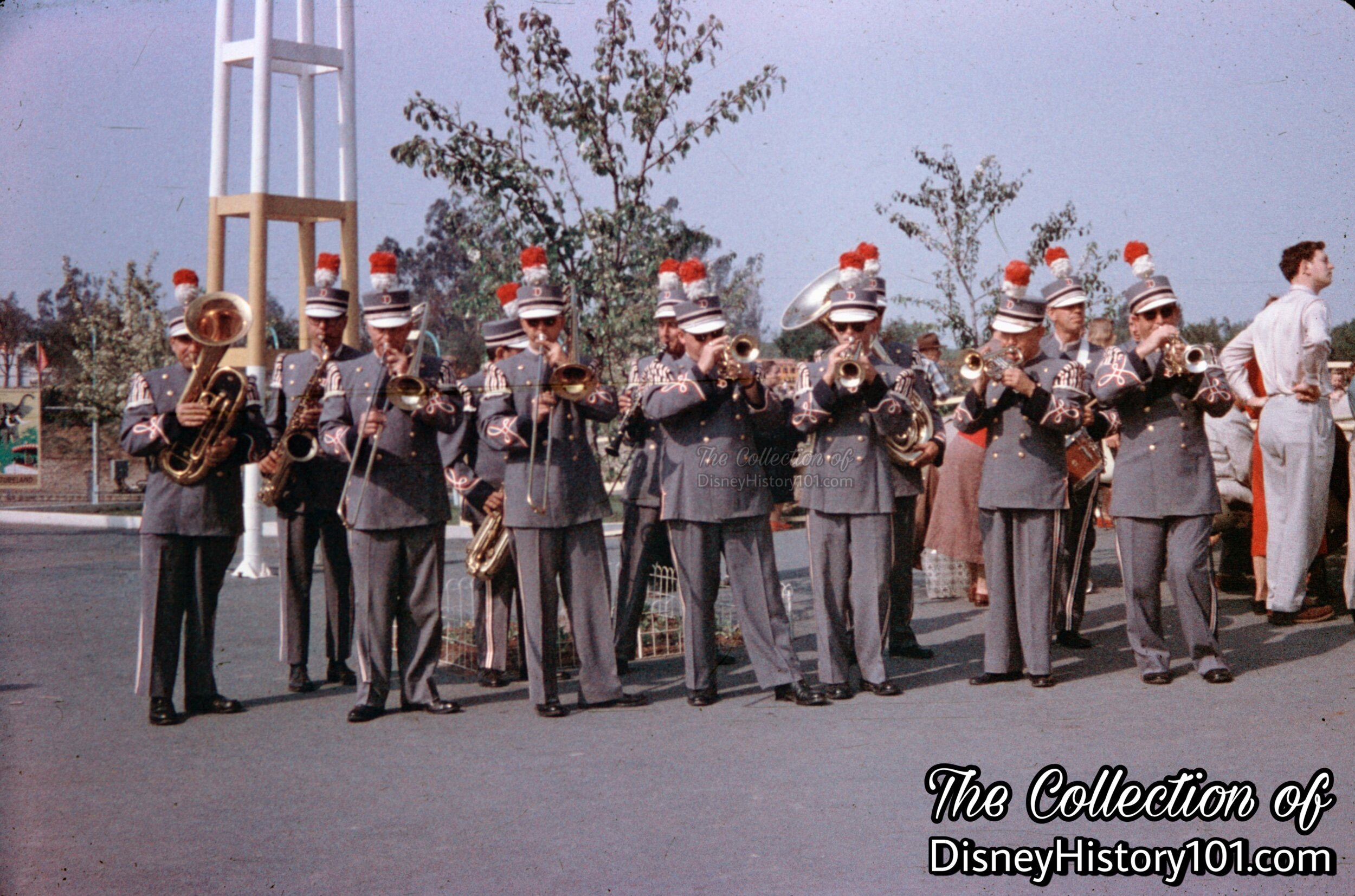
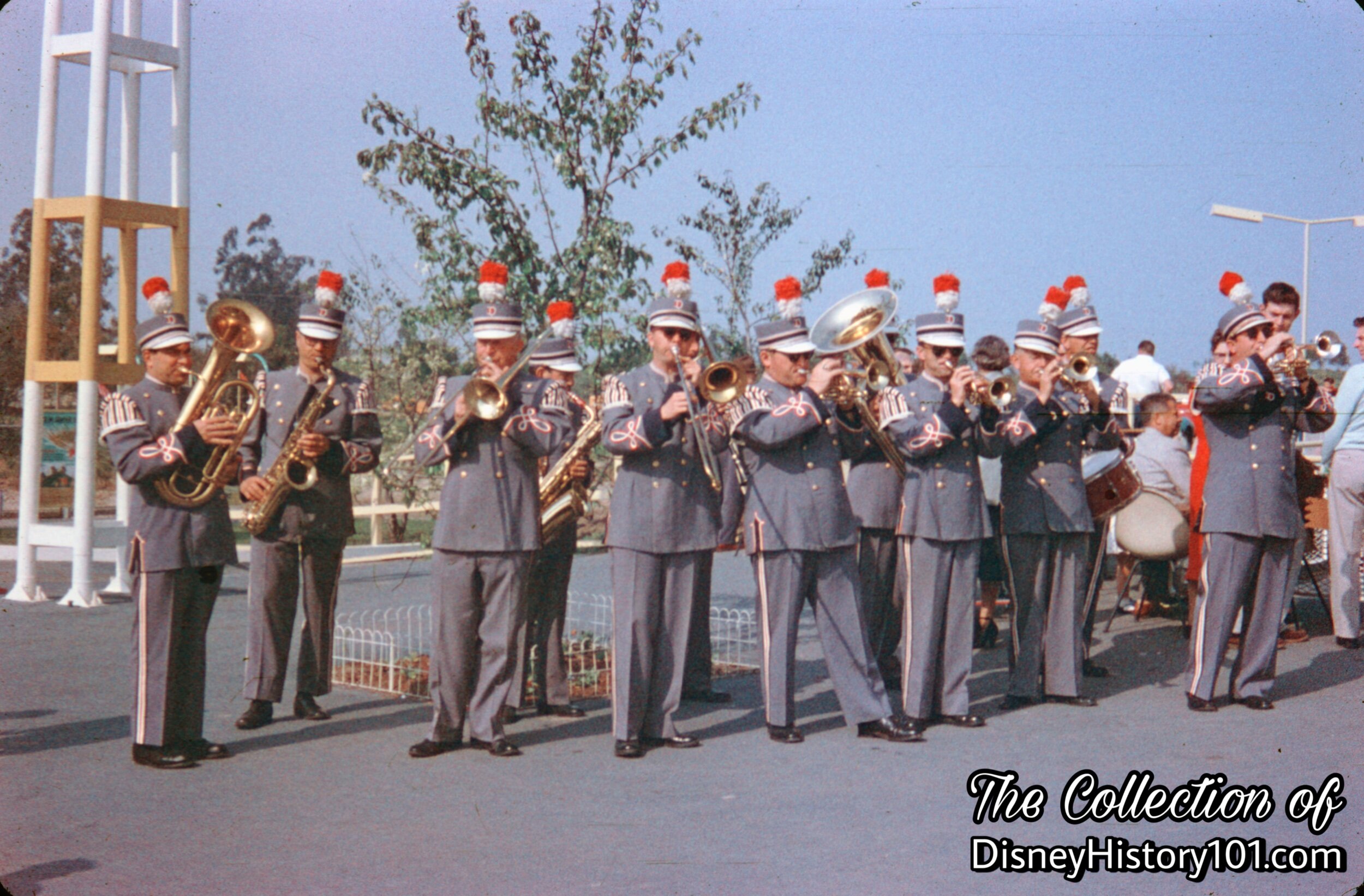
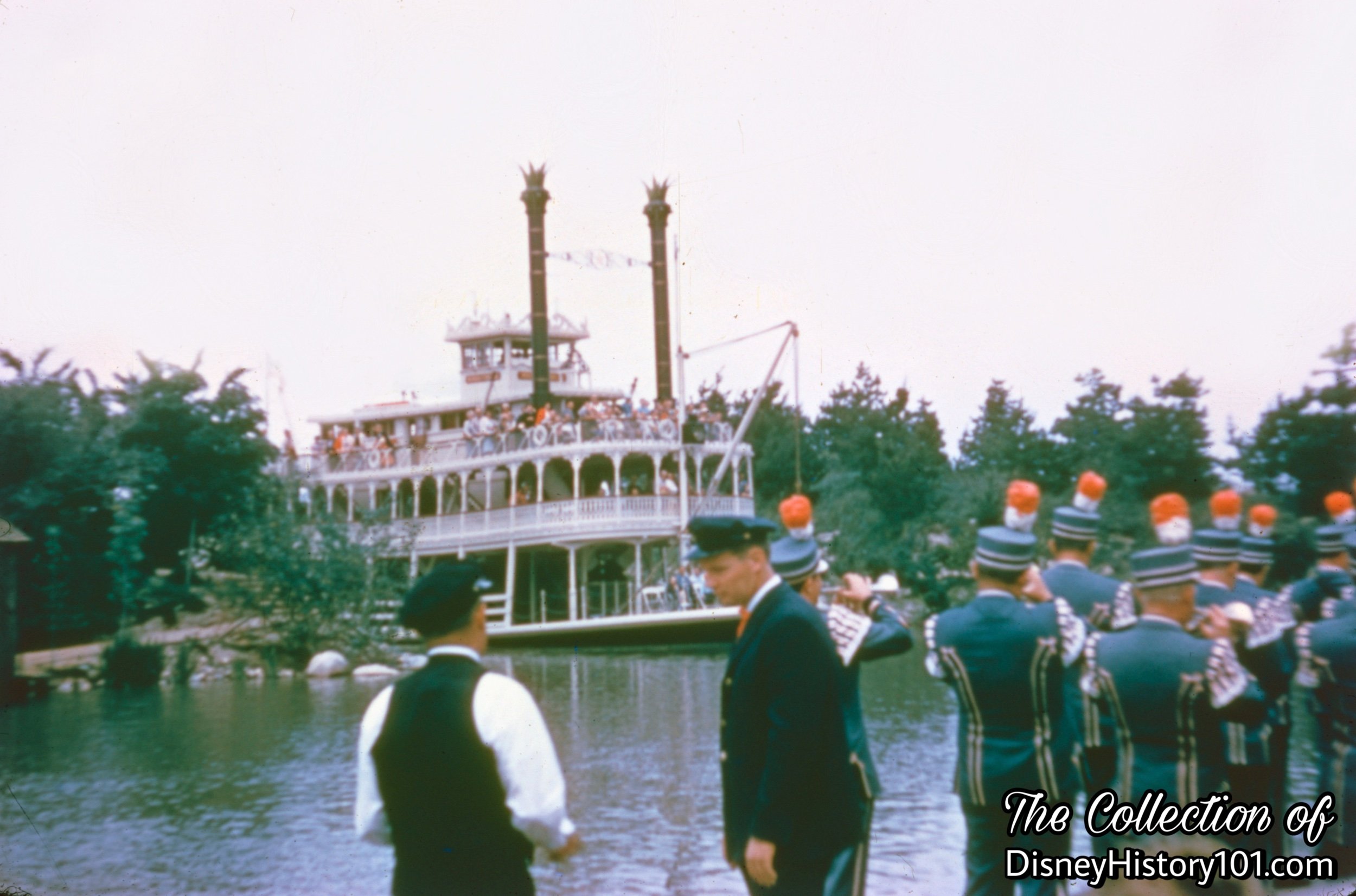
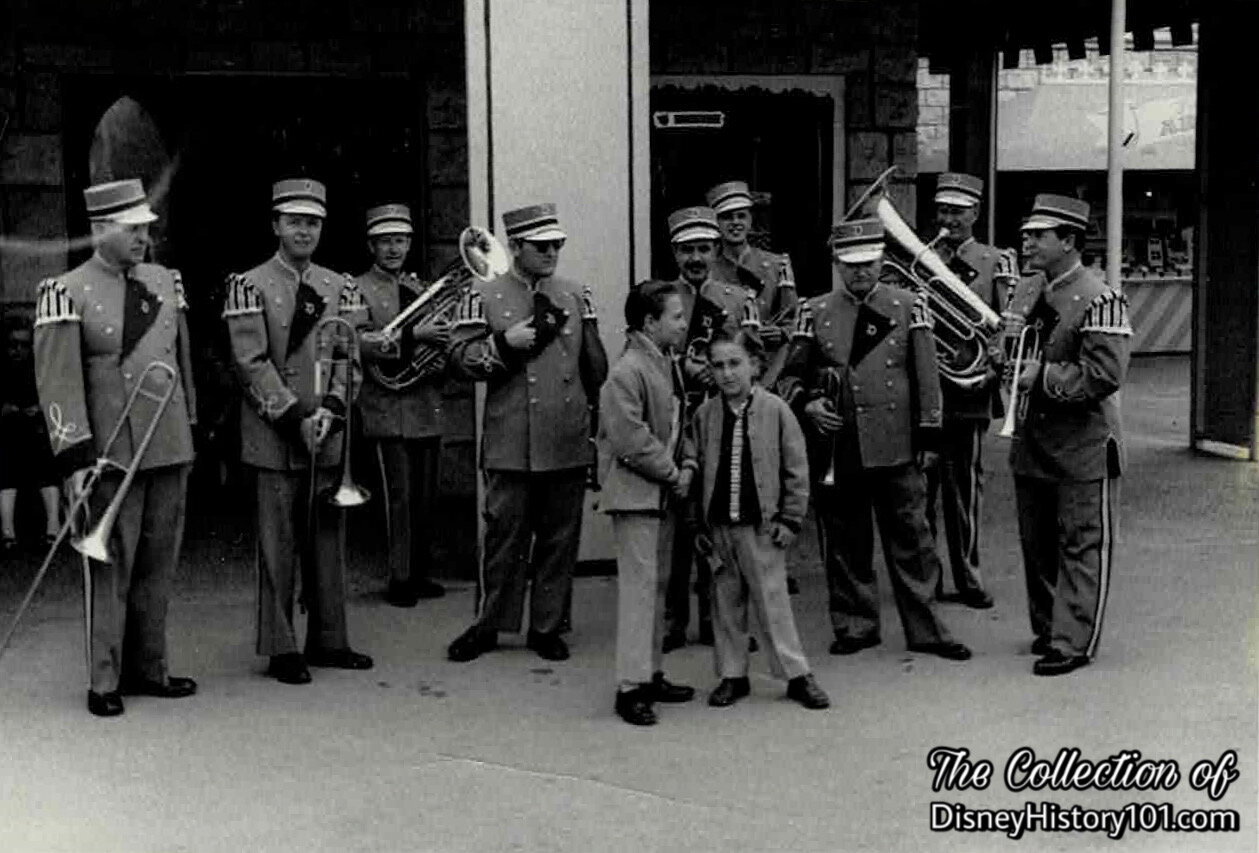
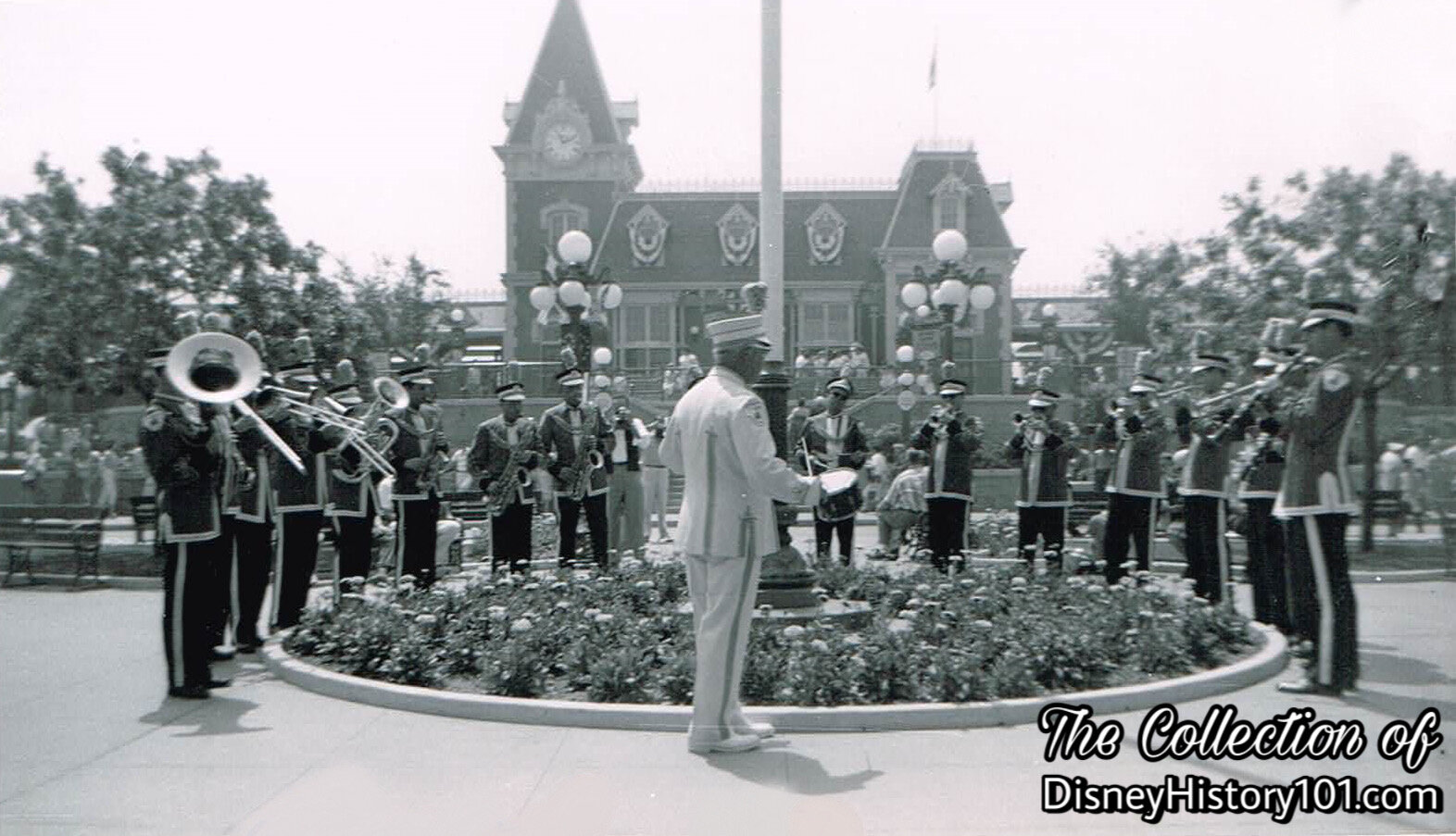
The Disneyland Band (lead by Vesey Walker) gives a morning concert from Town Square, Main Street U.S.A., (c. 1957)
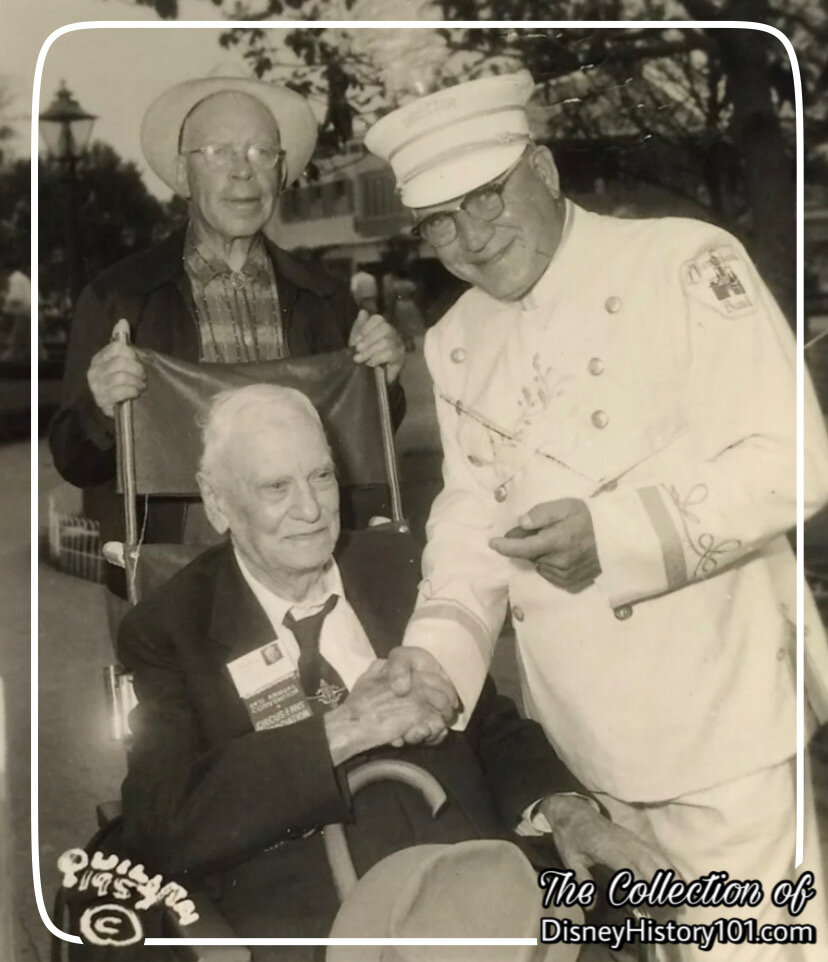
Vesey Walker’s Disneyland Band was also known to act as “musical ambassadors from the Magic Kingdom” (as they were so-called in the biography of “Strike Up The Band”, released 1969 by Vista Records). “Appearances have included the…Hollywood Bowl Concerts, Anaheim’s big Halloween Parade, and Disney motion picture premiers in Hollywood and other cities.” The Disneyland Band performed for the Ground-Breaking Ceremony for Jack Wrather’s first Disneyland Hotel Tower (in 1961), and (led by Mickey Mouse) they helped dedicate Anaheim Stadium and salute the California Angels by marching from Center Field on Saturday, April 23, 1966! Up to 1969, the Disneyland Band had even marched in the Pasadena Tournament of Roses Parades (an event that Band Leader Vesey Walker was well-acquainted with).
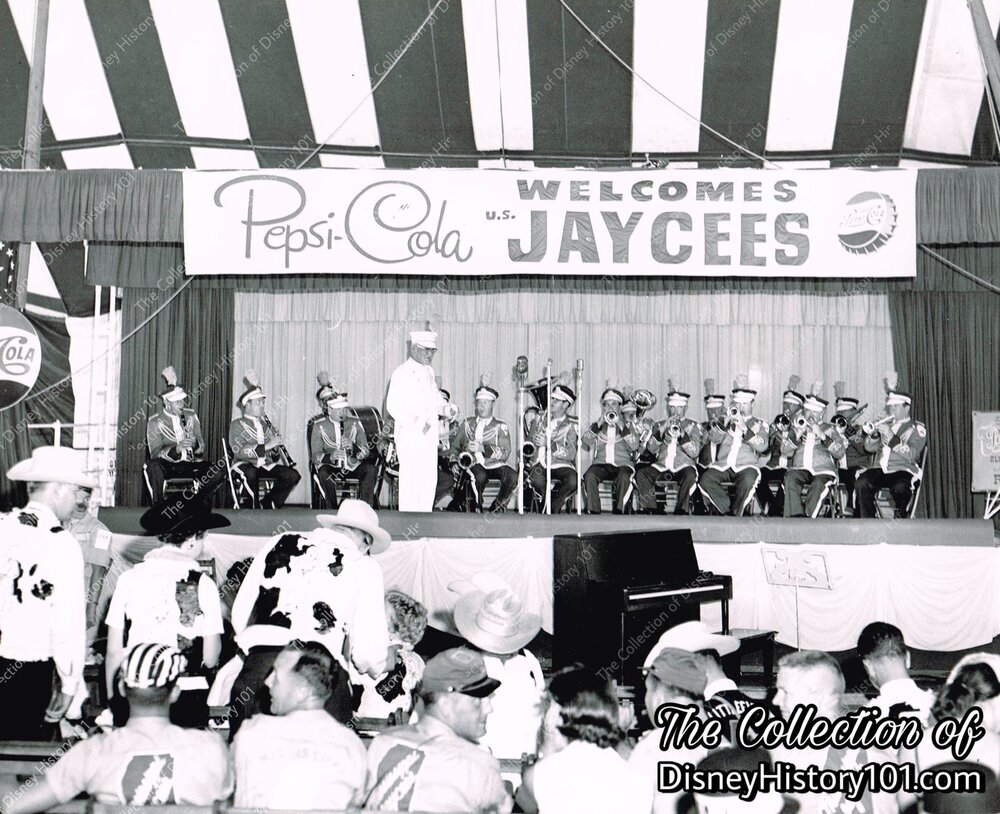
When Holidayland opened at Disneyland, it was a common sight to see popular Disneyland acts performing from the stage within “the world’s largest candy-striped circus tent”. The Disneyland Indian Village representatives, the Trio Gonzales mariachi band, and Golden Horseshoe Revue cast all had their turn in the Holidayland spotlight. The Disneyland Band also performed in Holidayland numerous times during its presence from June 16, 1957 - September, 1961. In this Vintage View, a Pepsi-Cola sponsored event (in honor of the Jaycees youth organization) featured a performance by Vesey Walker and the Disneyland Marching Band!
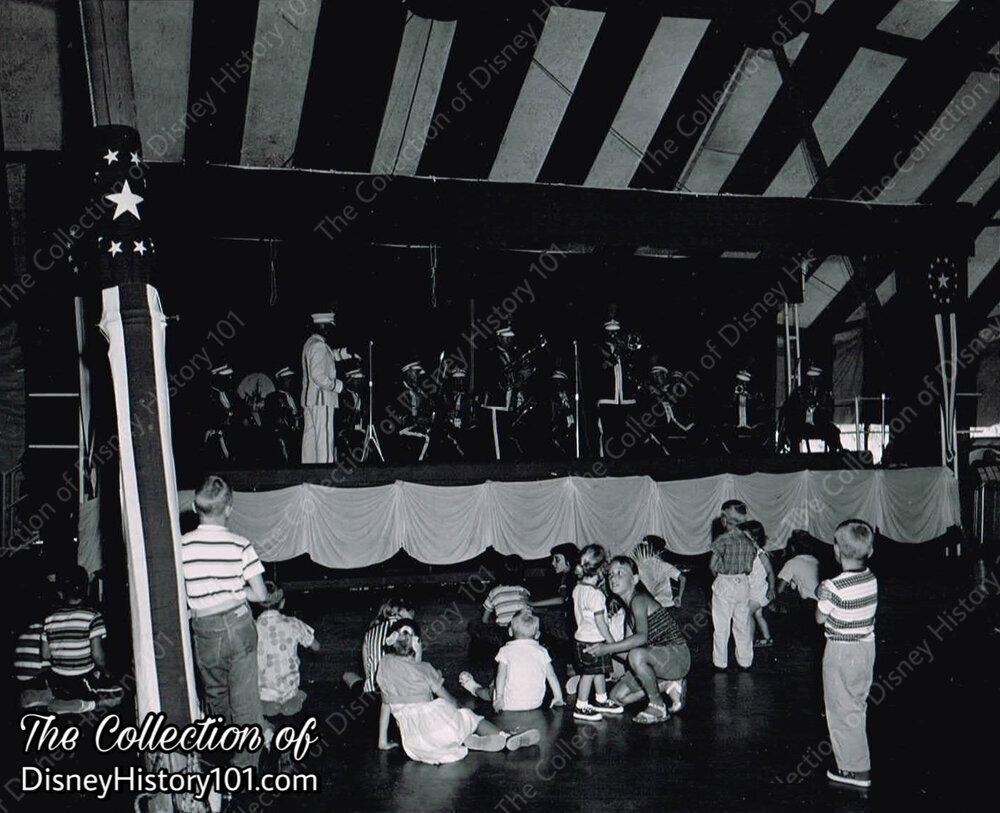
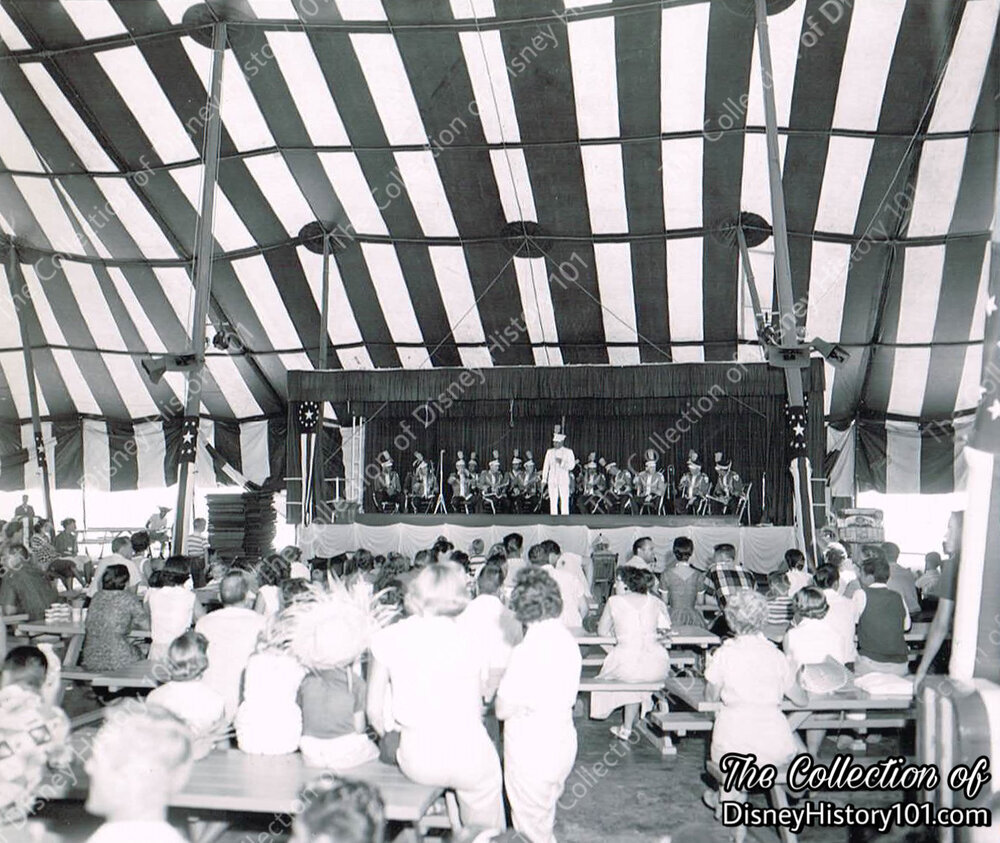
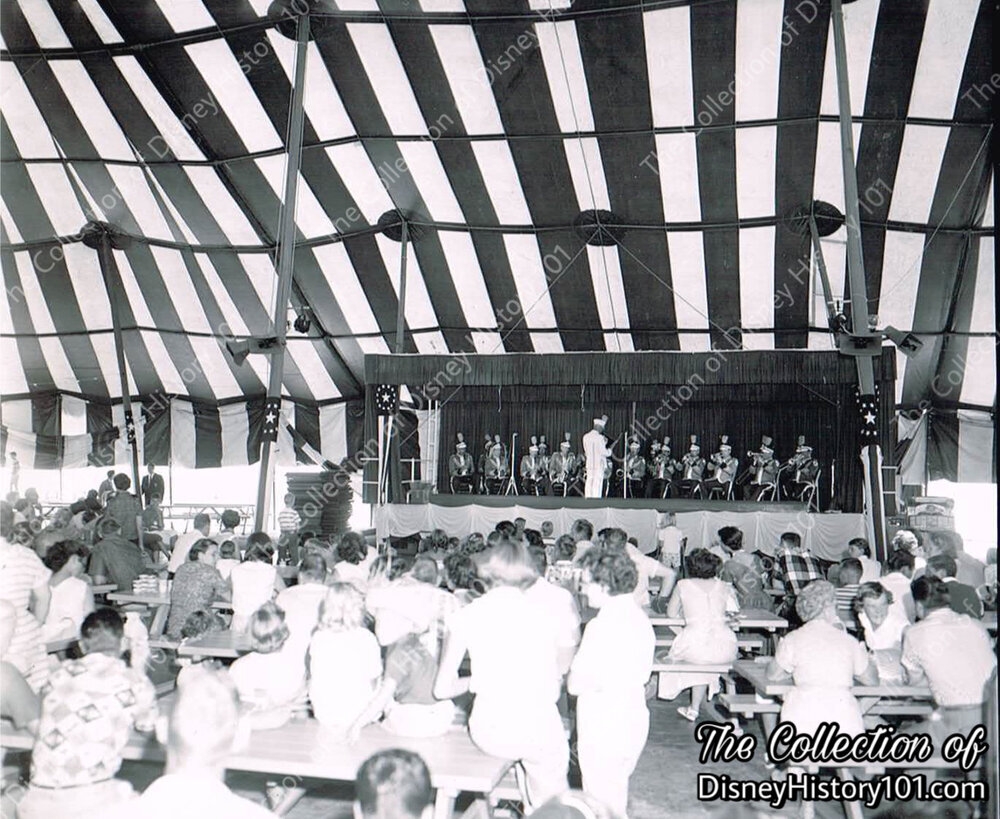
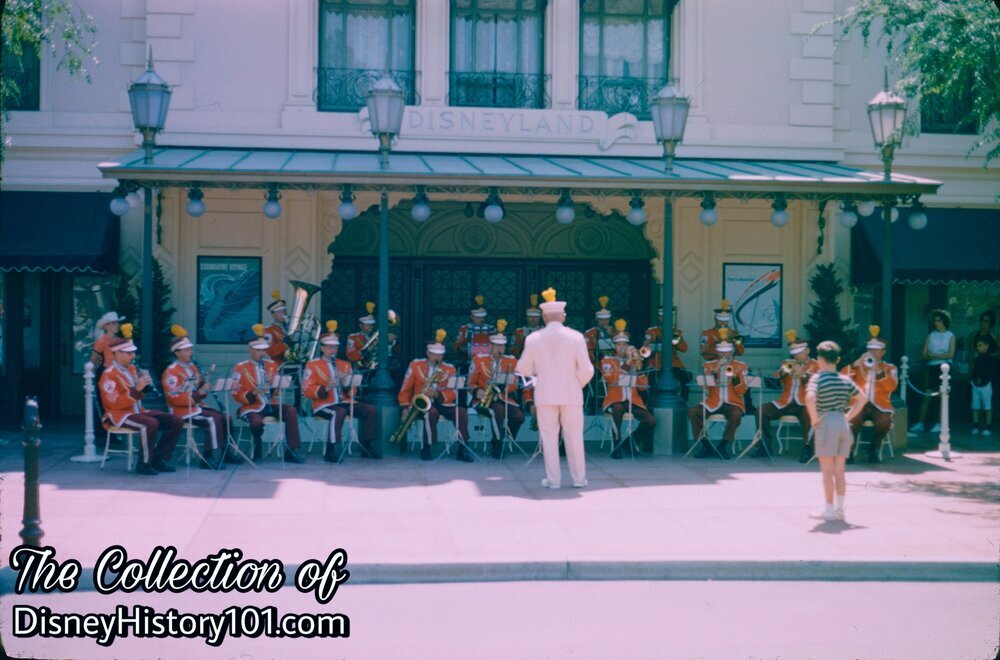
Those PBX operators upstairs received a free concert every morning, as the Disneyland Marching Band played in front of the Main Street Opera House! As guests entered the Park, occasionally a young admirer (pictured) may wander near the Band Leader. Vesey Walker had a habit of allowing these young admirers to lead the band, while he gave expert advise in the form of a few “pointers” on conducting! This was usually done “around the flagpole in Town Square” (according to Vacationland of Winter-Spring, 1964), and occasionally (in the early days of Disneyland) near the Main Street Opera House. On October 4, 1956), the five-millionth Guest - four-year-old Debra Rutherford (of Quincy Washington) helped lead the Disneyland Band. Another instance of Vesey helping a young Guest lead the Disneyland Band was on Easter Day (of 1956), which has been preserved in “Disneyland U.S.A.” (released through Buena Vista Film Distribution, December 20, 1956).

After performing a concert in Town Square, the Disneyland Band (lead by Vesey Walker) would continue to march its way through the rest of the Park.
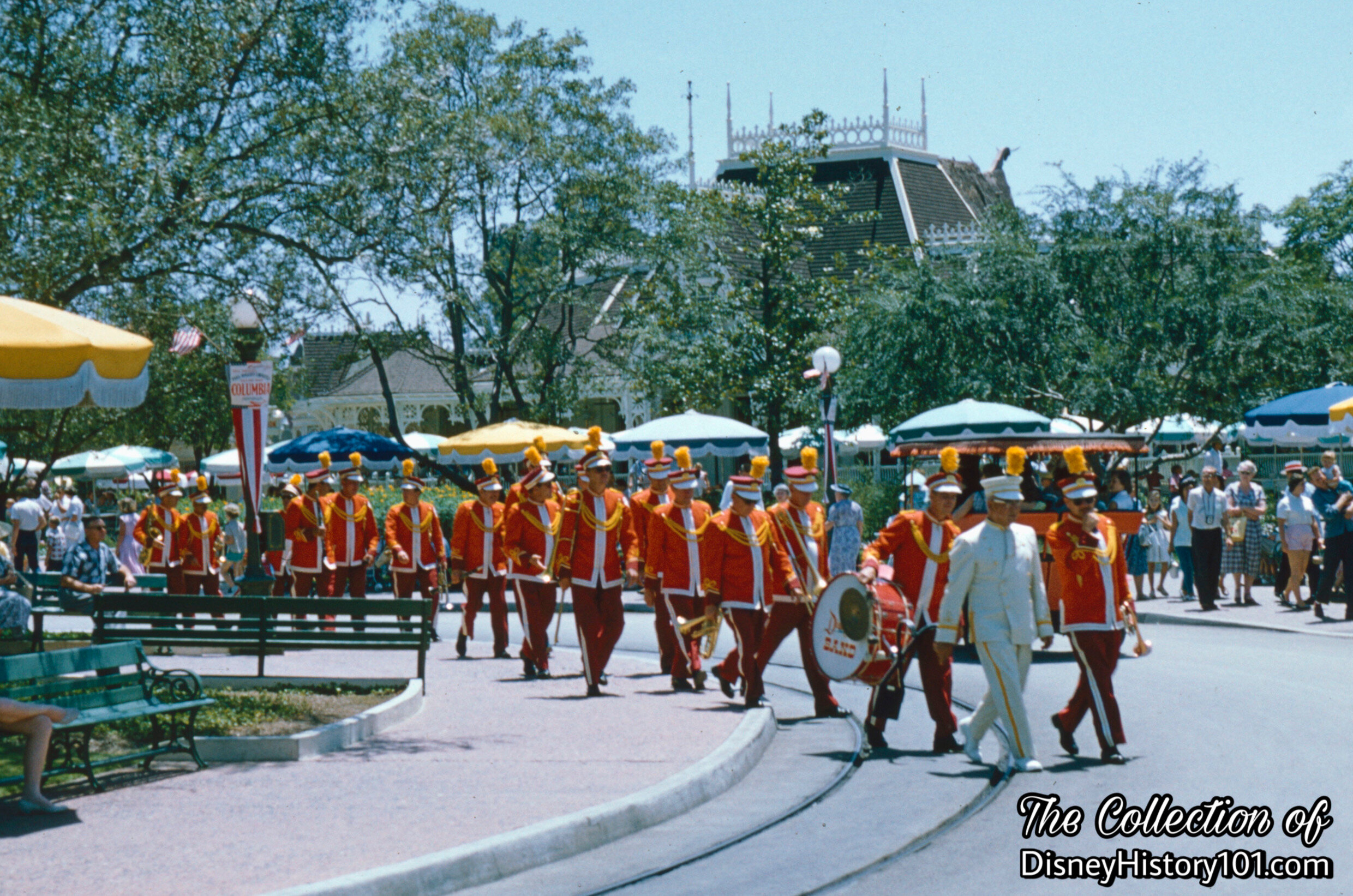

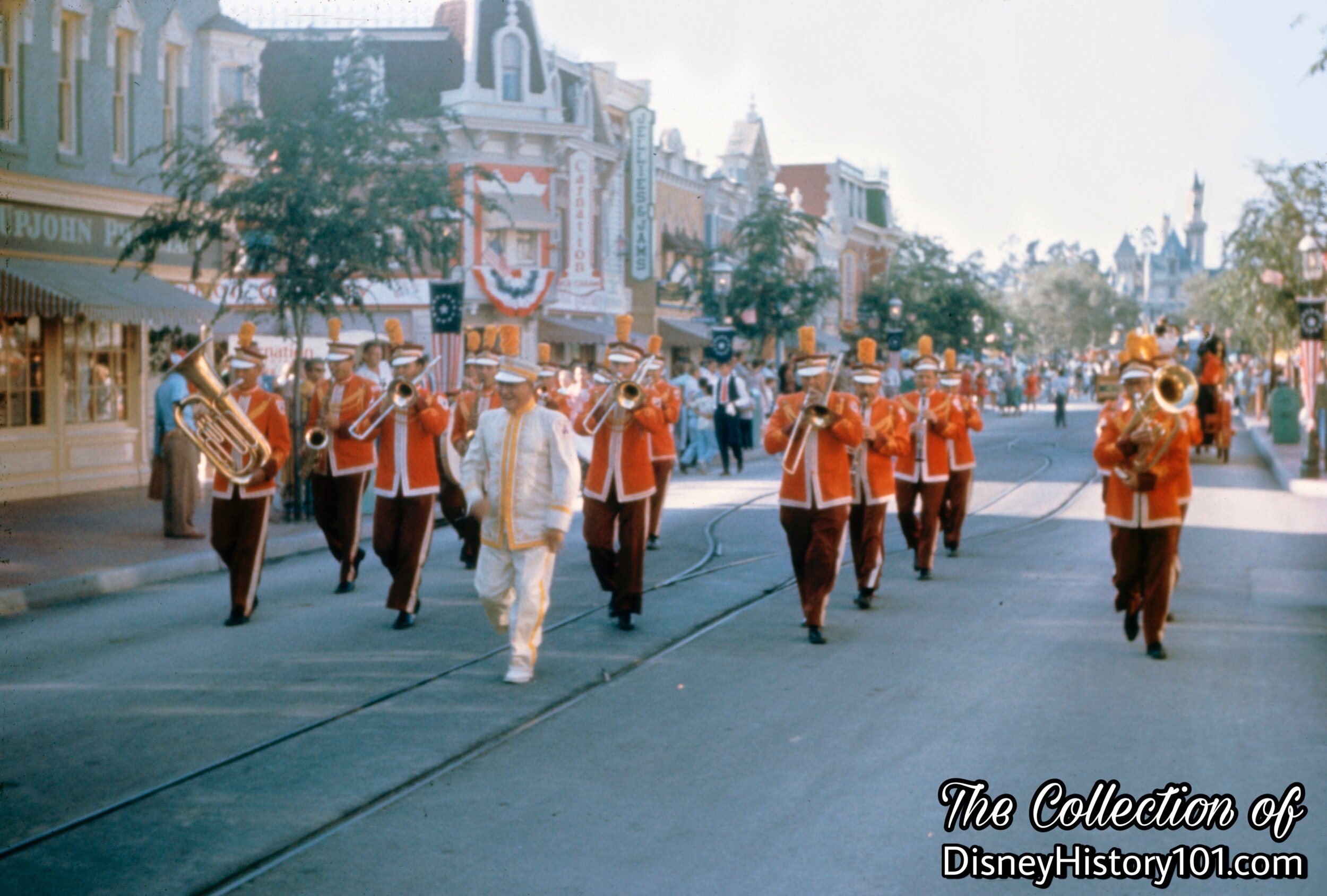
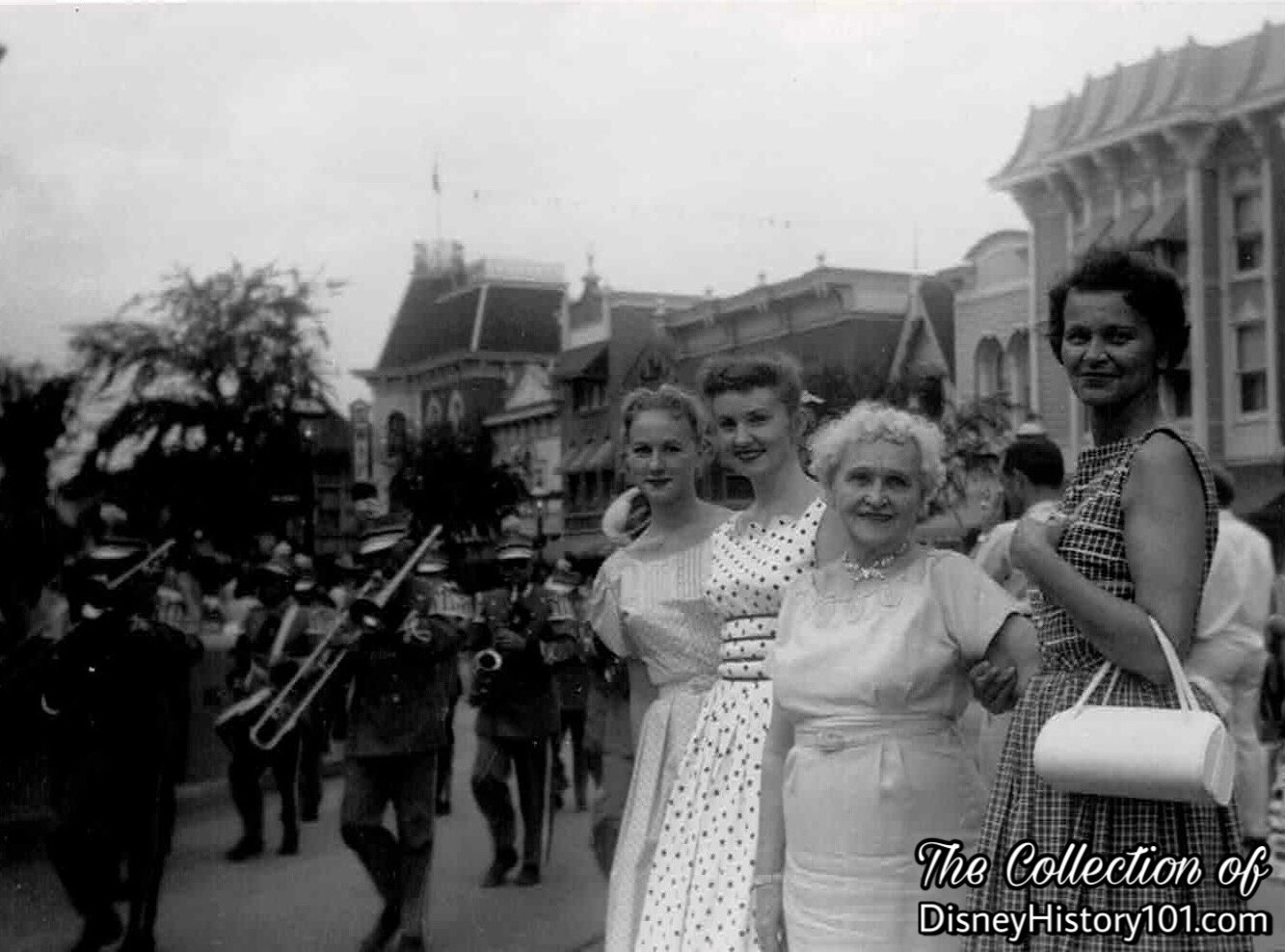
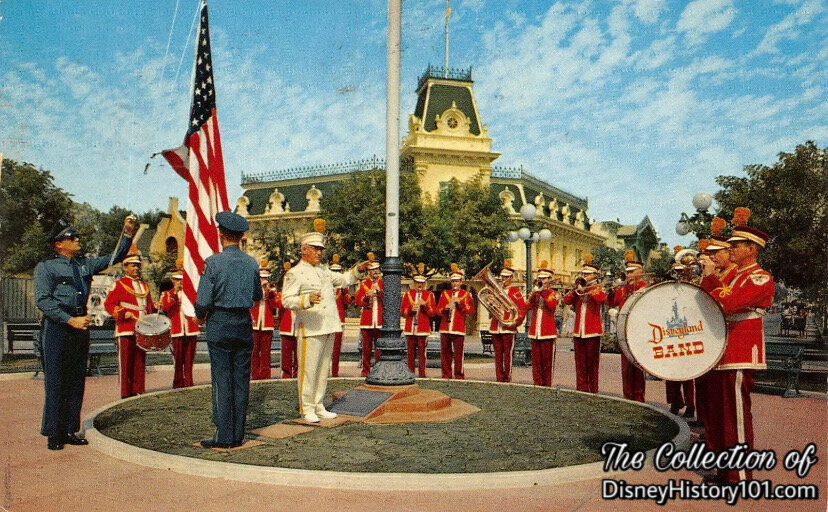
Vesey Walker and the Disneyland Band were immortalized on a number of souvenir post cards during their era.
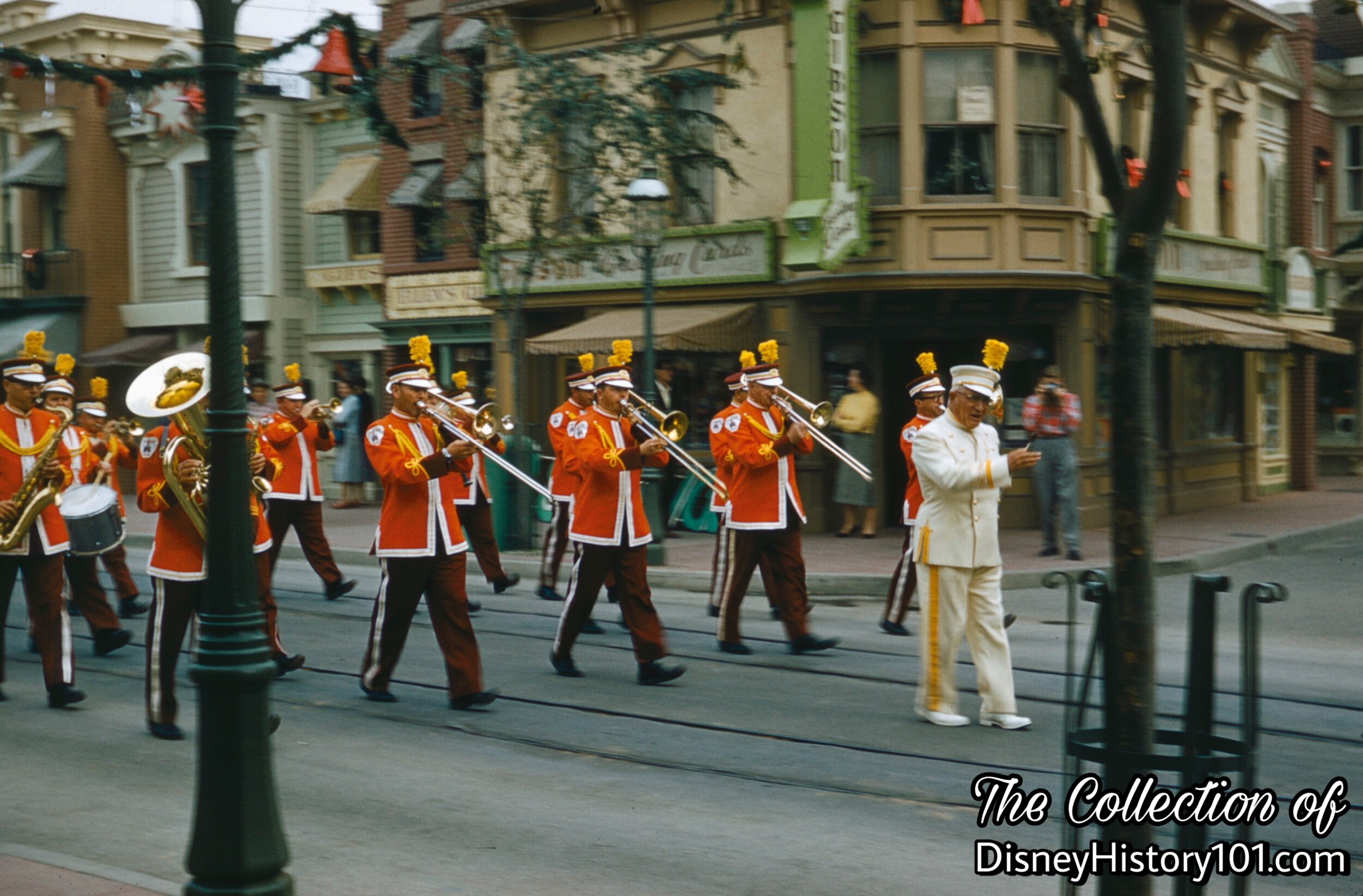
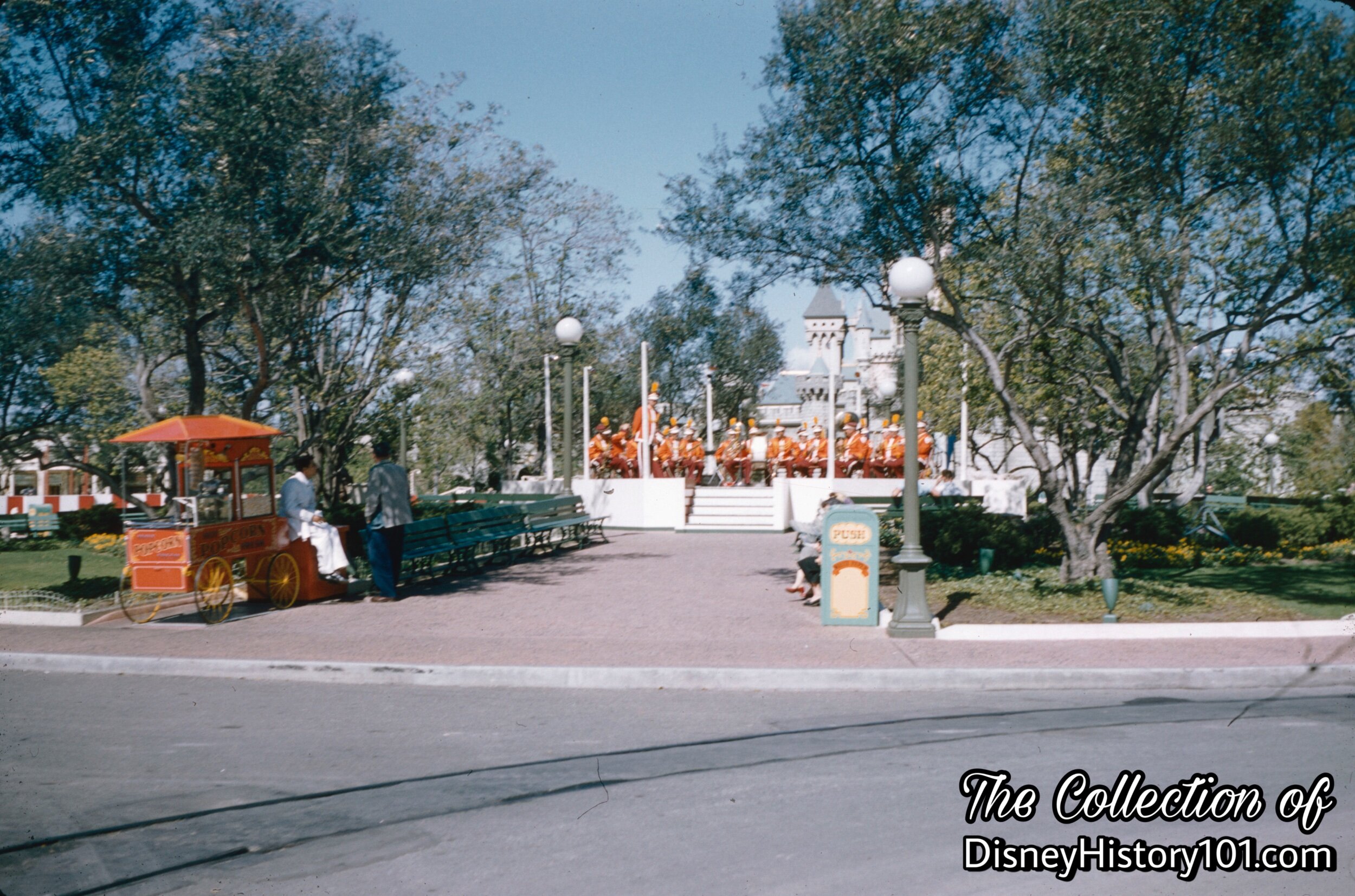
Here, the Disneyland Band performs from the Magnolia Park Bandstand (which has been relocated to the middle of Disneyland Plaza), while some exciting developments take place just west of Sleeping Beauty Castle!
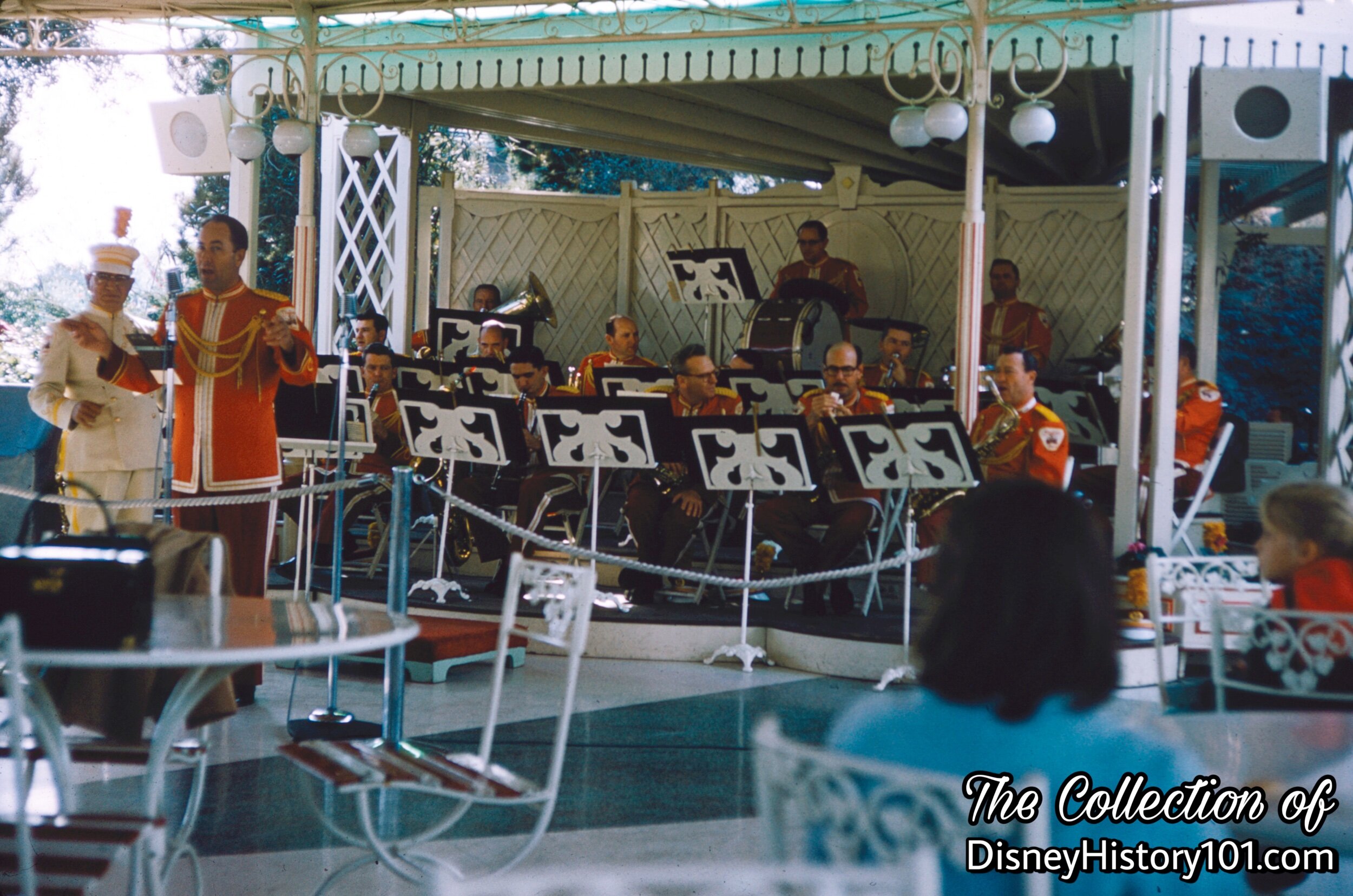
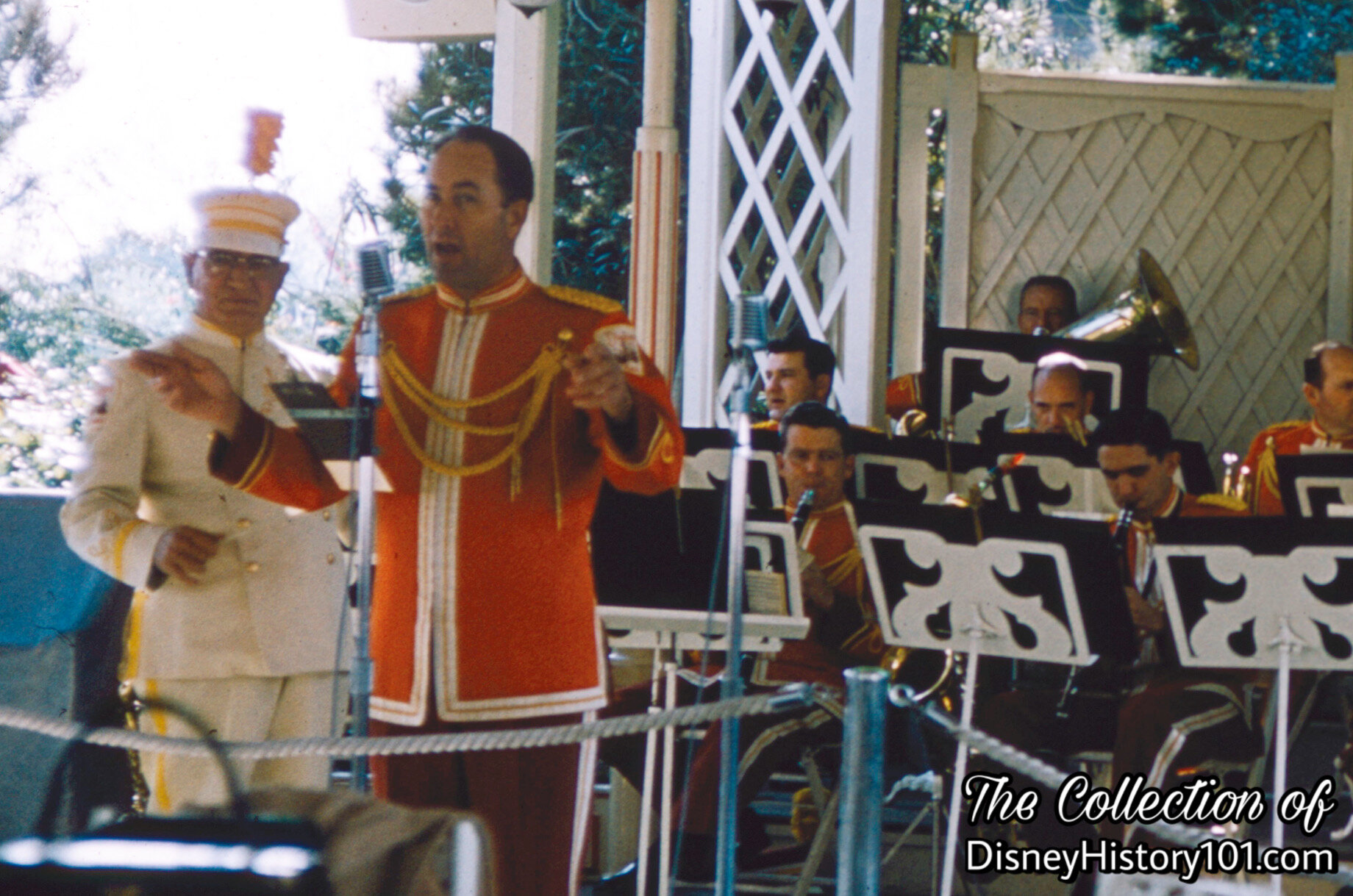
By the spring of 1959, the Disneyland Band was performing 1,692 concerts annually. As mentioned, the band was first directed by Vesey Walker who had won world-wide acclaim as a band leader. The band consisted of 18 top musicians from name bands throughout the country.
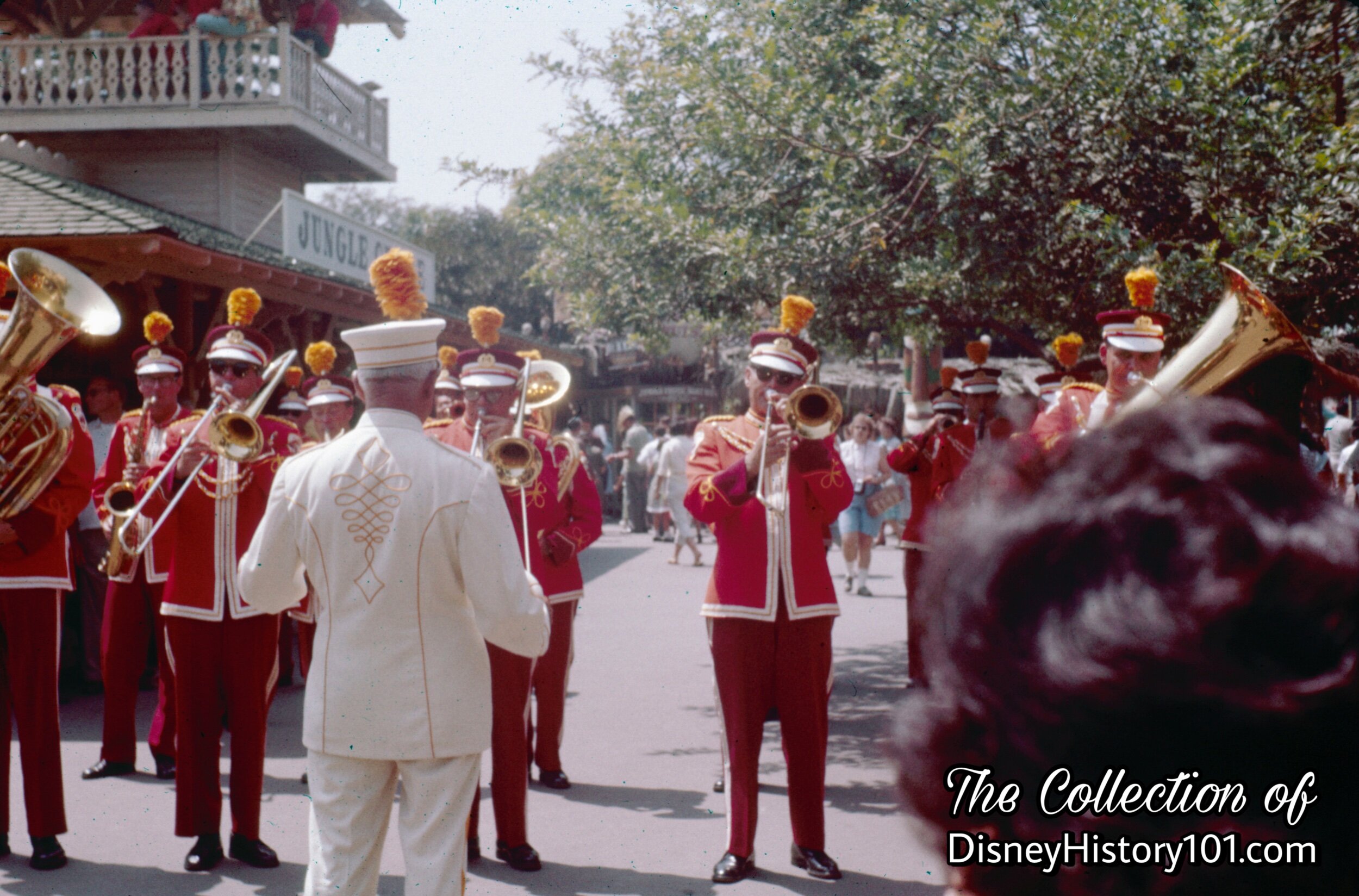
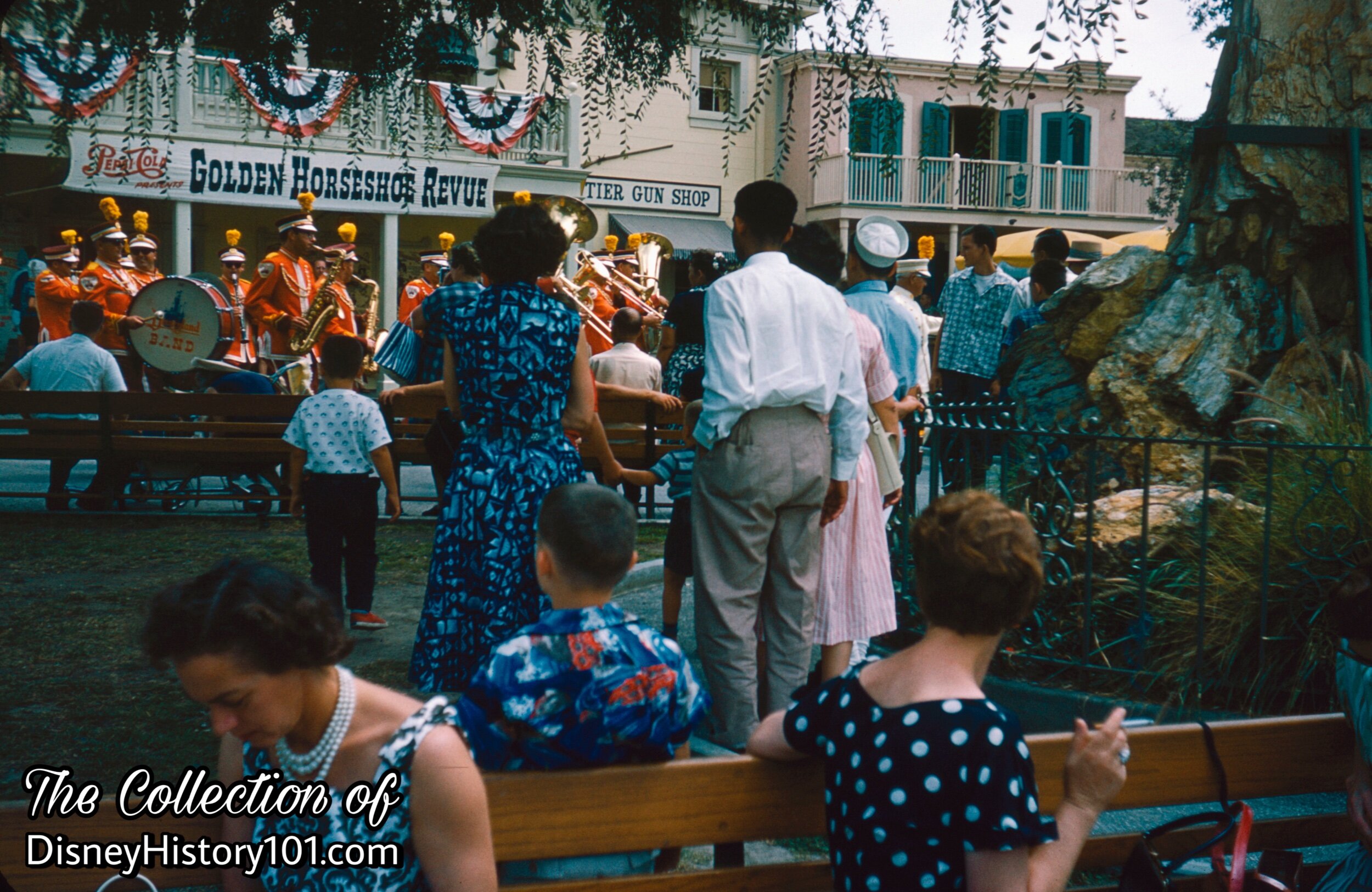
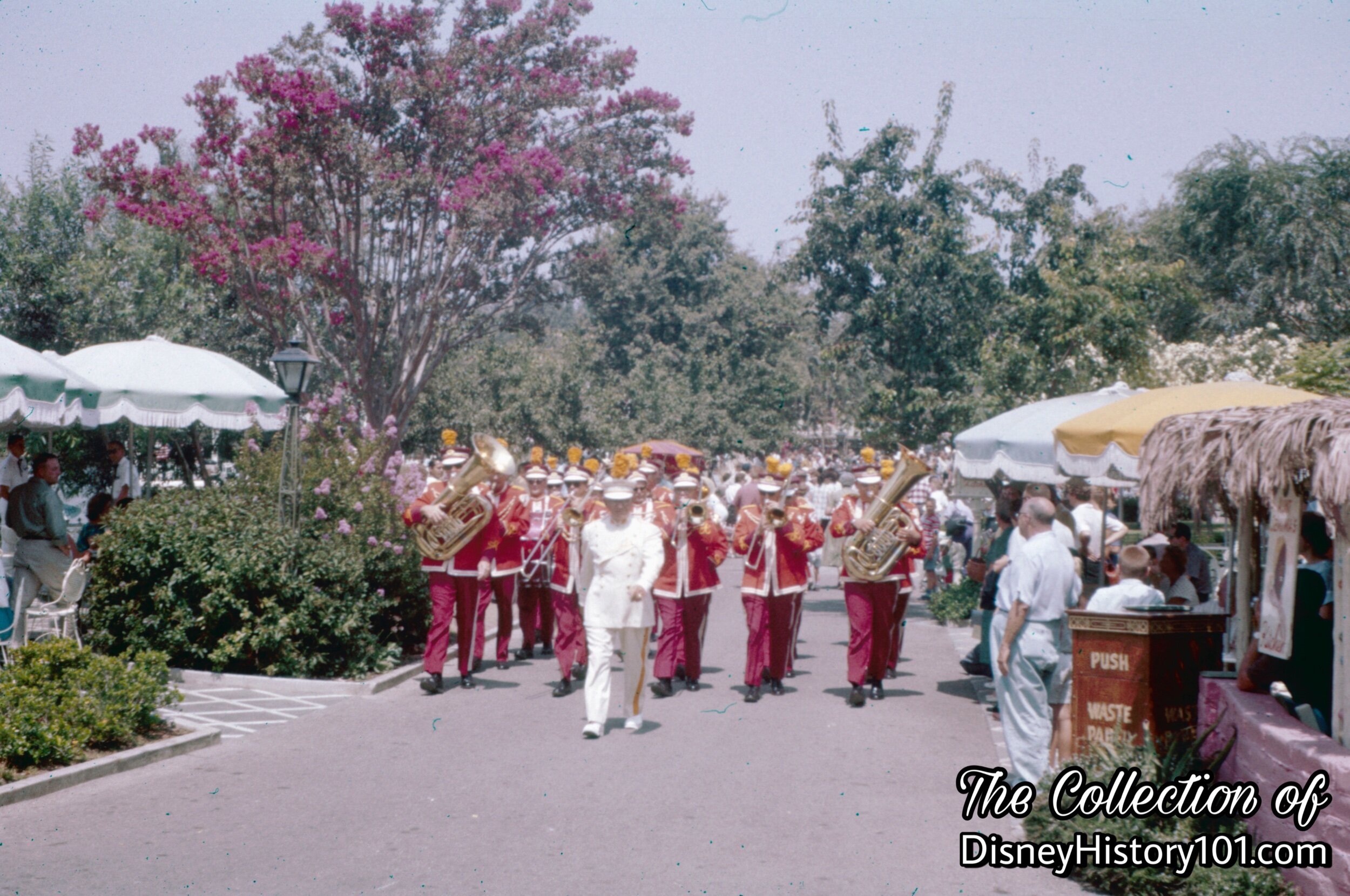
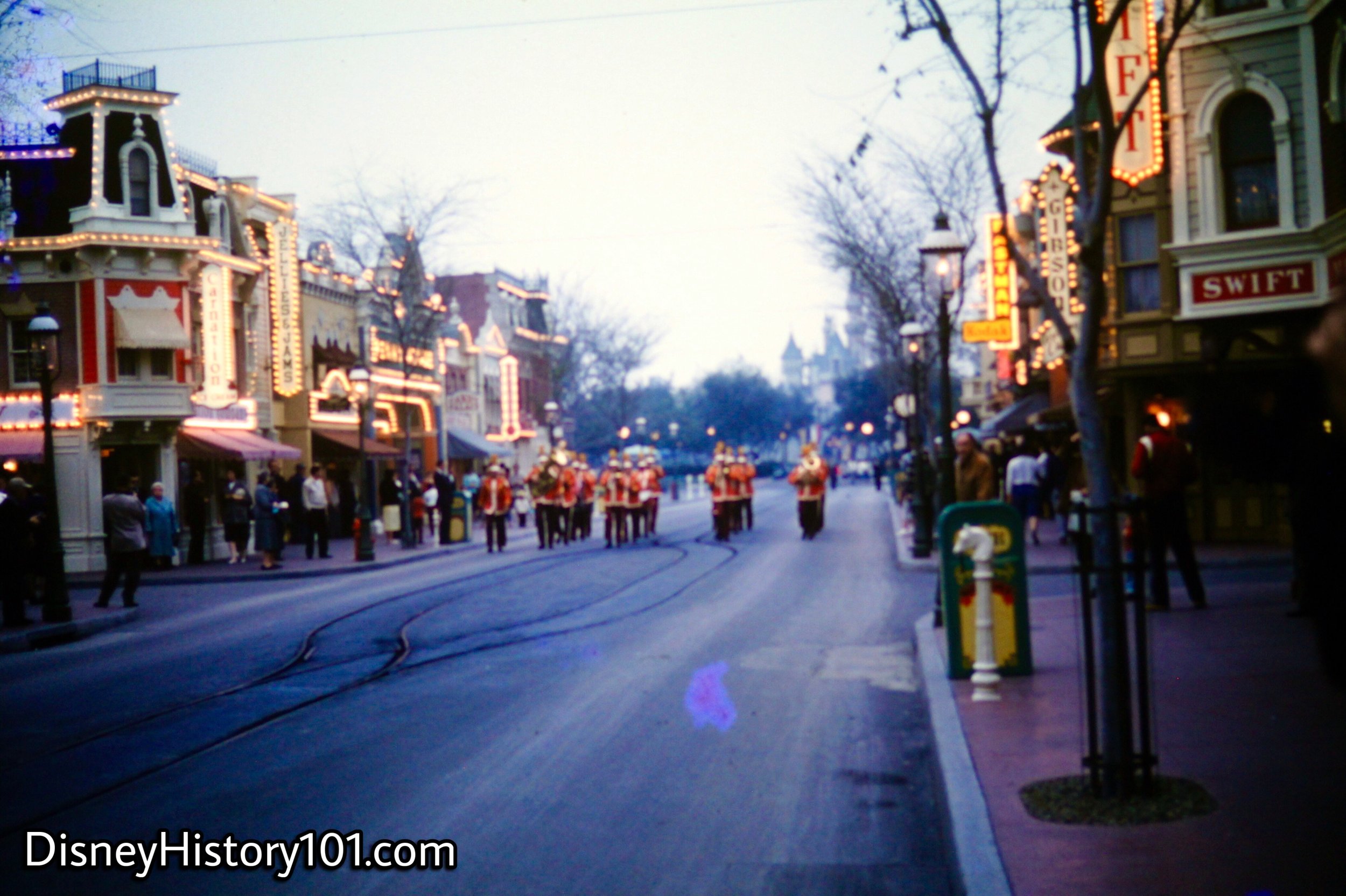
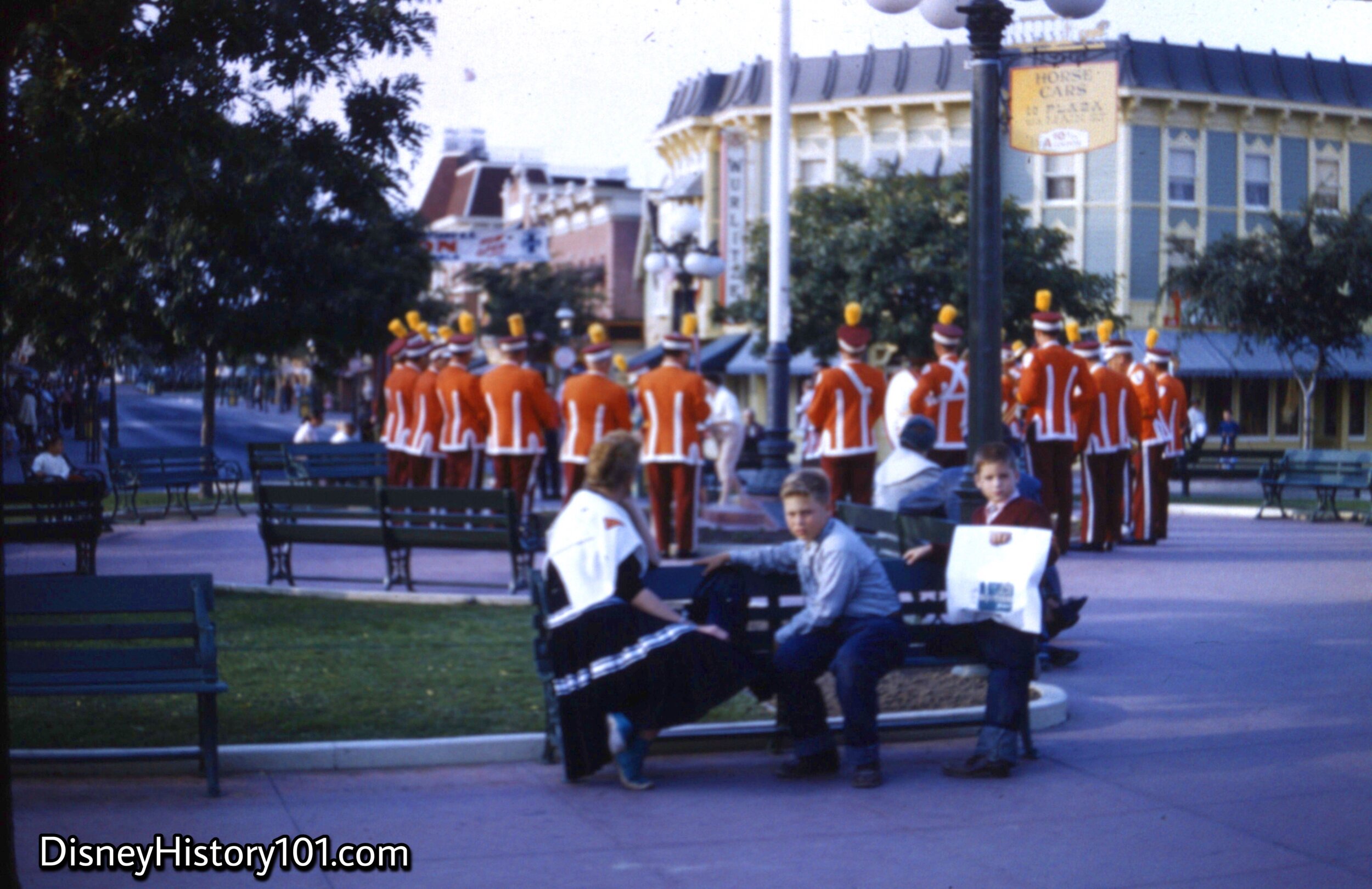
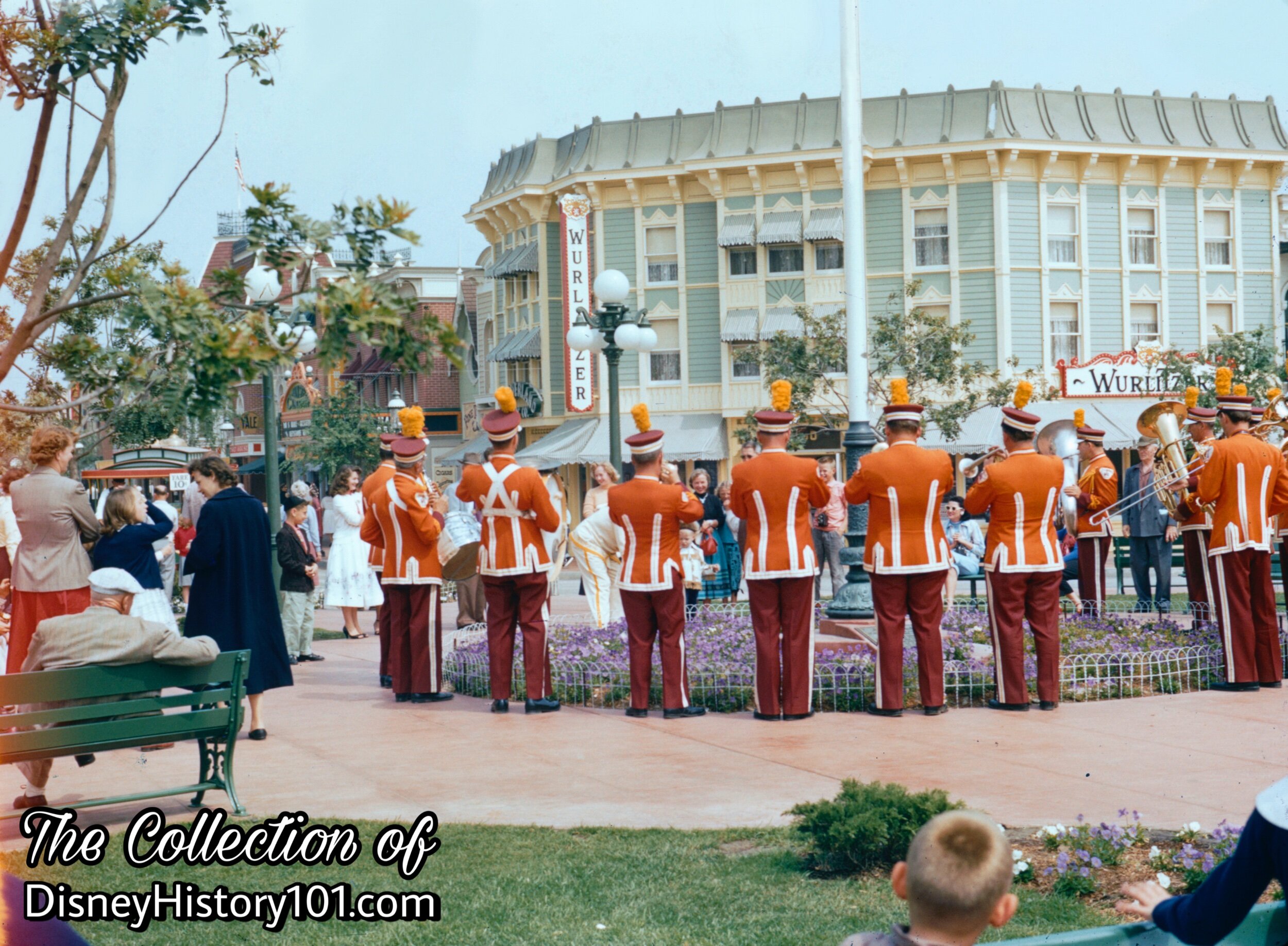
In the distance, Vesey hands the baton to a young guest, allowing him to lead the Disneyland Band!
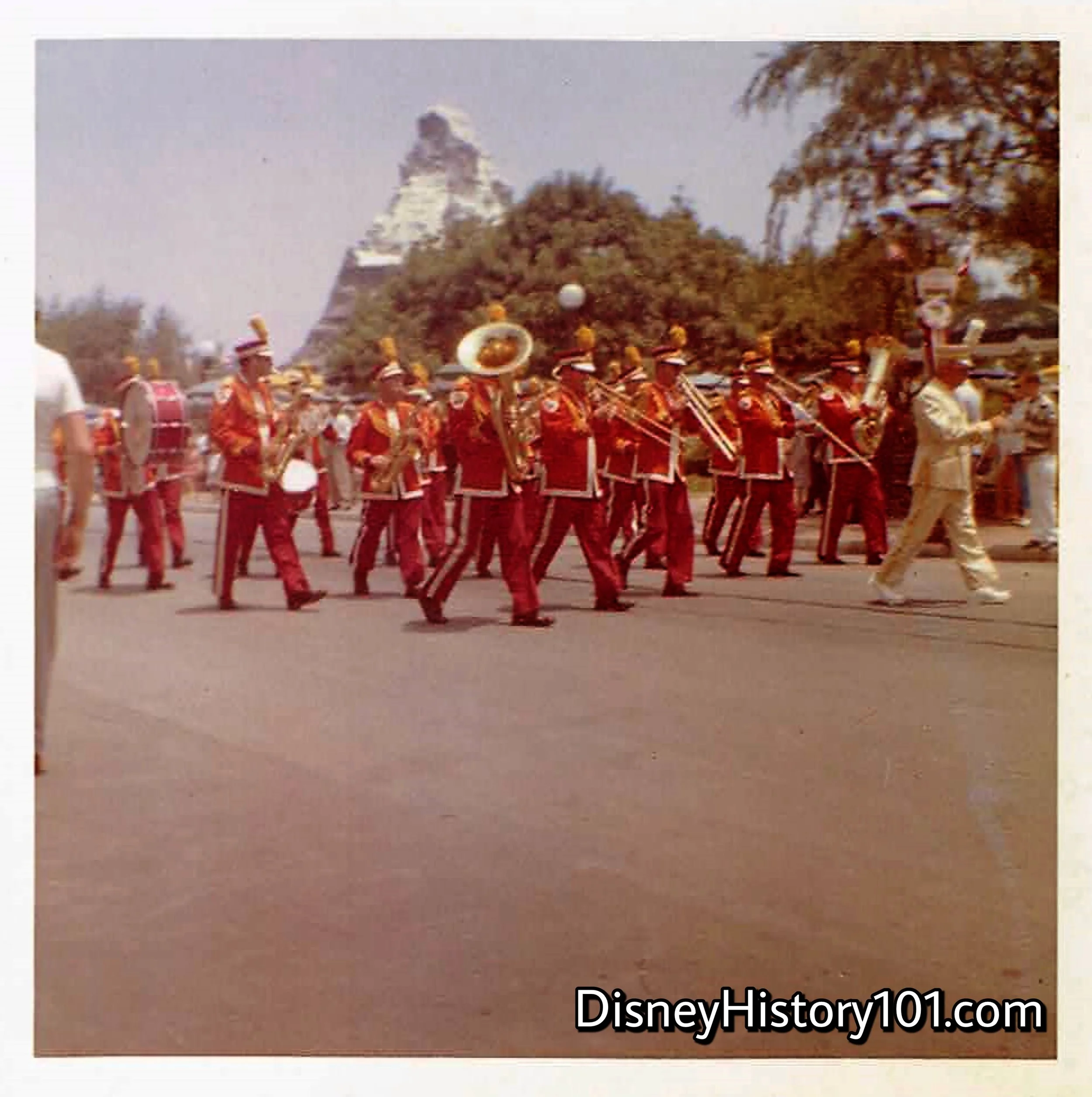
Vesey Walker leads the Disneyland Band marching block from the Hub, and down Main Street U.S.A.
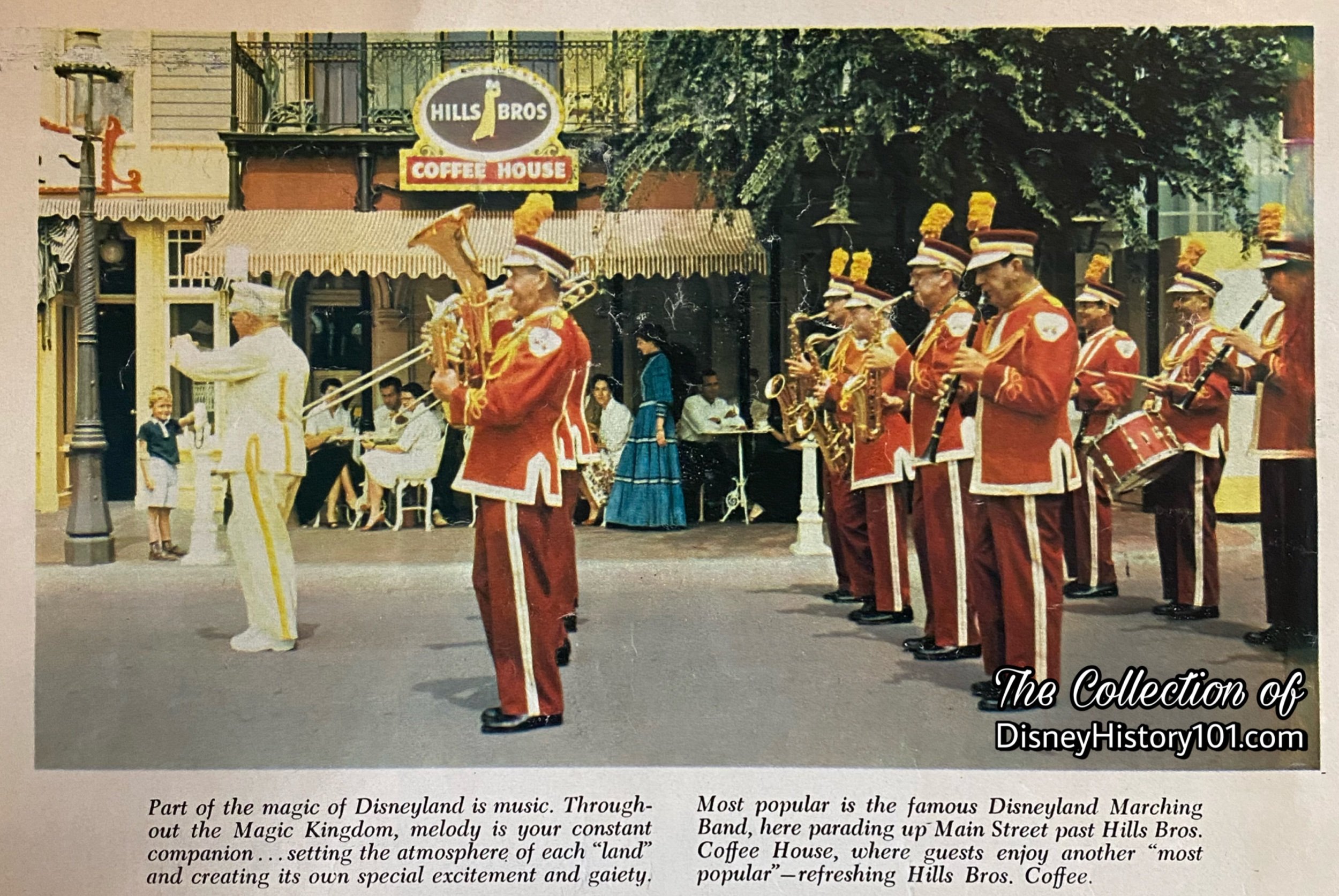
"Toot, Whistle, Plunk and Boom" goes the Disneyland Band!
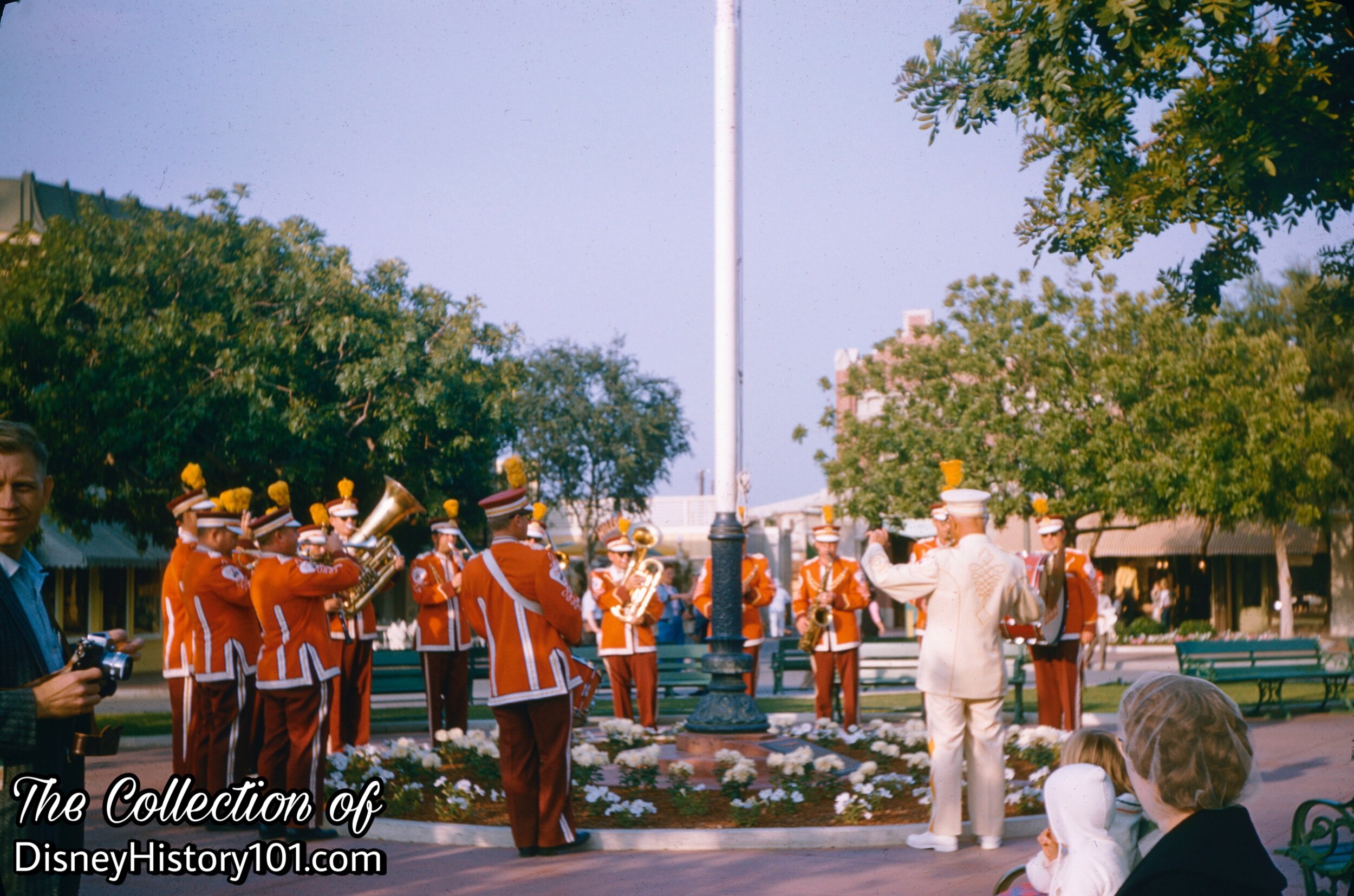
This picturesque scene played out daily, and one Disneyland Flag Retreat Ceremony was even featured on the cover of Vacationland, Fall of 1964.

Walt acknowledged “Everything here at Disneyland and the Studio is a team effort.” It was once written about Director Vesey Walker : “The versatile and highly mobile band which he directs at Disneyland is made up of top-class professionals, many of whom came here after notable accomplishments in other areas of the music world.”
Many popular musicians have had the good pleasure to have been accounted among the members of the Disneyland Band! You may recognize the names of such top-class professionals as “Jim Barnsgrover…Forrest Clark…Stan Kenton, Woody Herman, Ray Anthony, Gene Krupa, [and] Tex Beneke.” In fact, you may have heard some of these perform solos on their own, or with their very own band at Disneyland. For instance, “Cass" Aroke of the Disneyland Band performed nightly at the Gourmet Restaurant.
In these formative years, other members of Vesey Walker’s Disneyland Band now included the Clarinet section members (Jack Williams, George Landier, and Bernie Flymen), Saxophone section members (Don Baker, Eddie Stelnicki, Cornet section members (Herman Terrando, Warren Gale[who would become Assistant Disneyland Band Director in 1974], Eddie Shiner, Ted Tracey (who went on to become Staff Arranger and Librarian), Trombone section members (Jim Barngrover Jr., Ozzie Stock, Eddie Thomas, Horn musician (Ed Liston), Baritone Horn musician (Cass Arpke), Tuba section members (Jim Sexton, Donald M. Heaston), and Drums section members (Morris Castleman, George Richter). Drummer Sonny Anderson (who would become Disneyland Entertainment casting Director) performed on one of the Disneyland Band record albums.
The number of Disneyland Band members constantly fluctuated over the years of Vesey Walker’s Direction. For example, the band had 18 members (during the winter of 1957/1958), 16 members by the Spring of 1959, and by 1961 the Disneyland Band had a total of 20 musicians! However, from 1964 to 1969 (and just before Vesey’s retirement in 1970), the Disneyland Band was advertised as a “17 of the nation’s finest musicians” and later (again) as a“16-man aggregation”.
By the summer of 1966, the Disneyland Band included newer (and familiar) faces - Al Francis (a regular on clarinet) occasionally filled in on drums, Ralph Gary, Jim Barngrover, Ted Tracey, and others!
One of the newest members (late under Vesey’s Walker’s Direction) was Robbie Robinson (of Marceline, Missouri), who ultimately worked with the Disneyland Band for 23 years (beginning in 1961/1962), and retiring in 1985. Robbie had the good privilege to speak with Walt Disney on a number of occasions, and the two (no doubt) had much to talk about over their old home town.
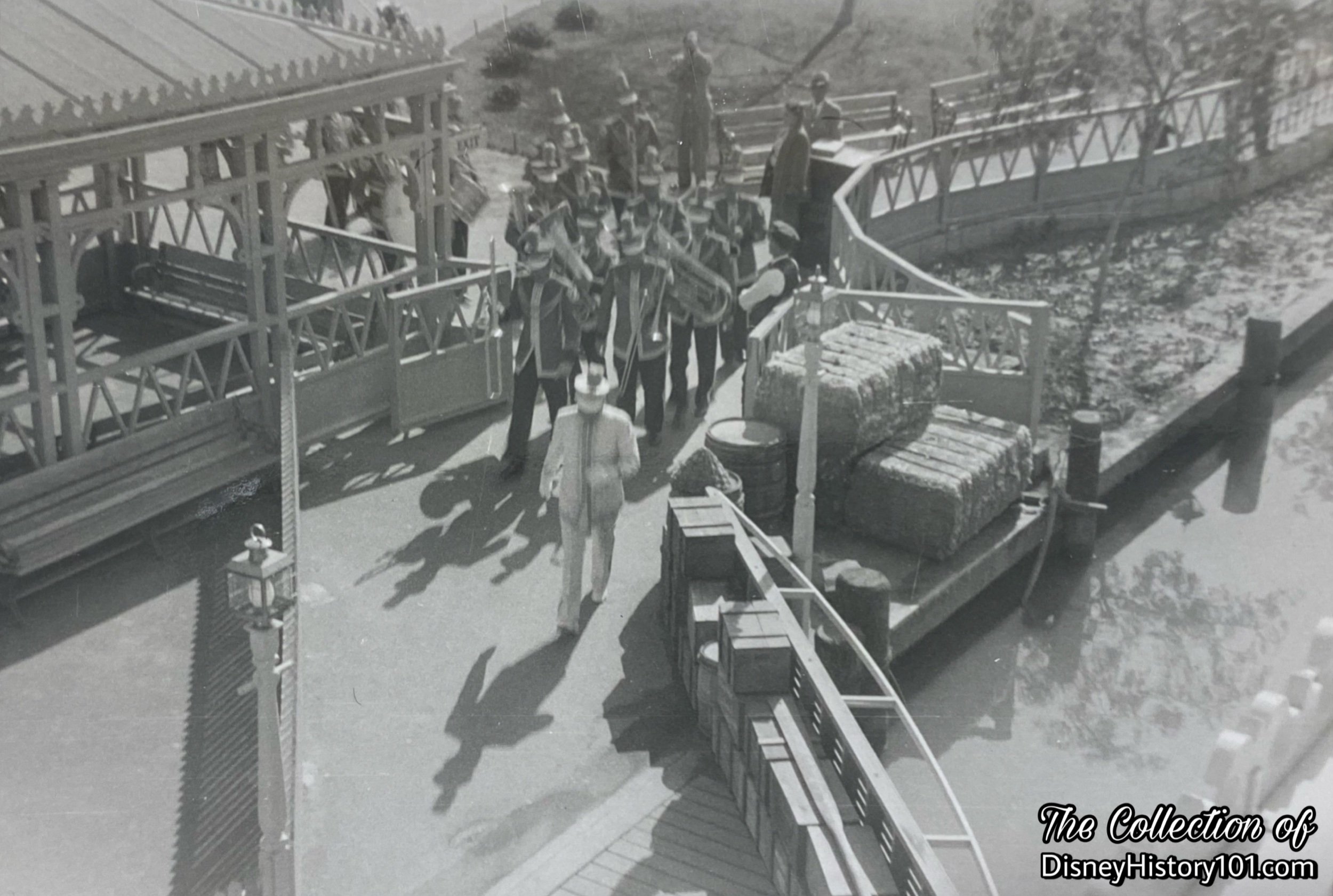
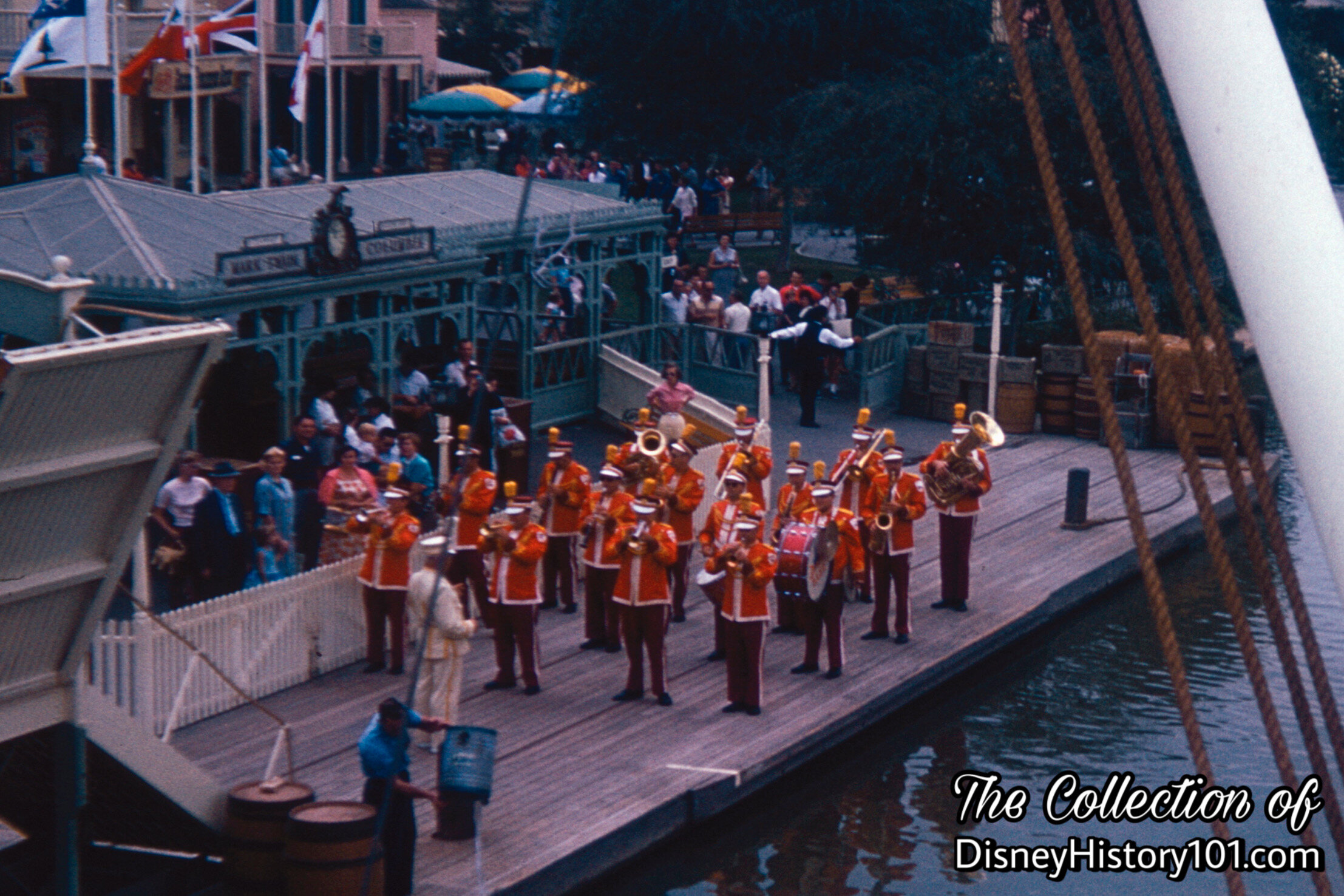
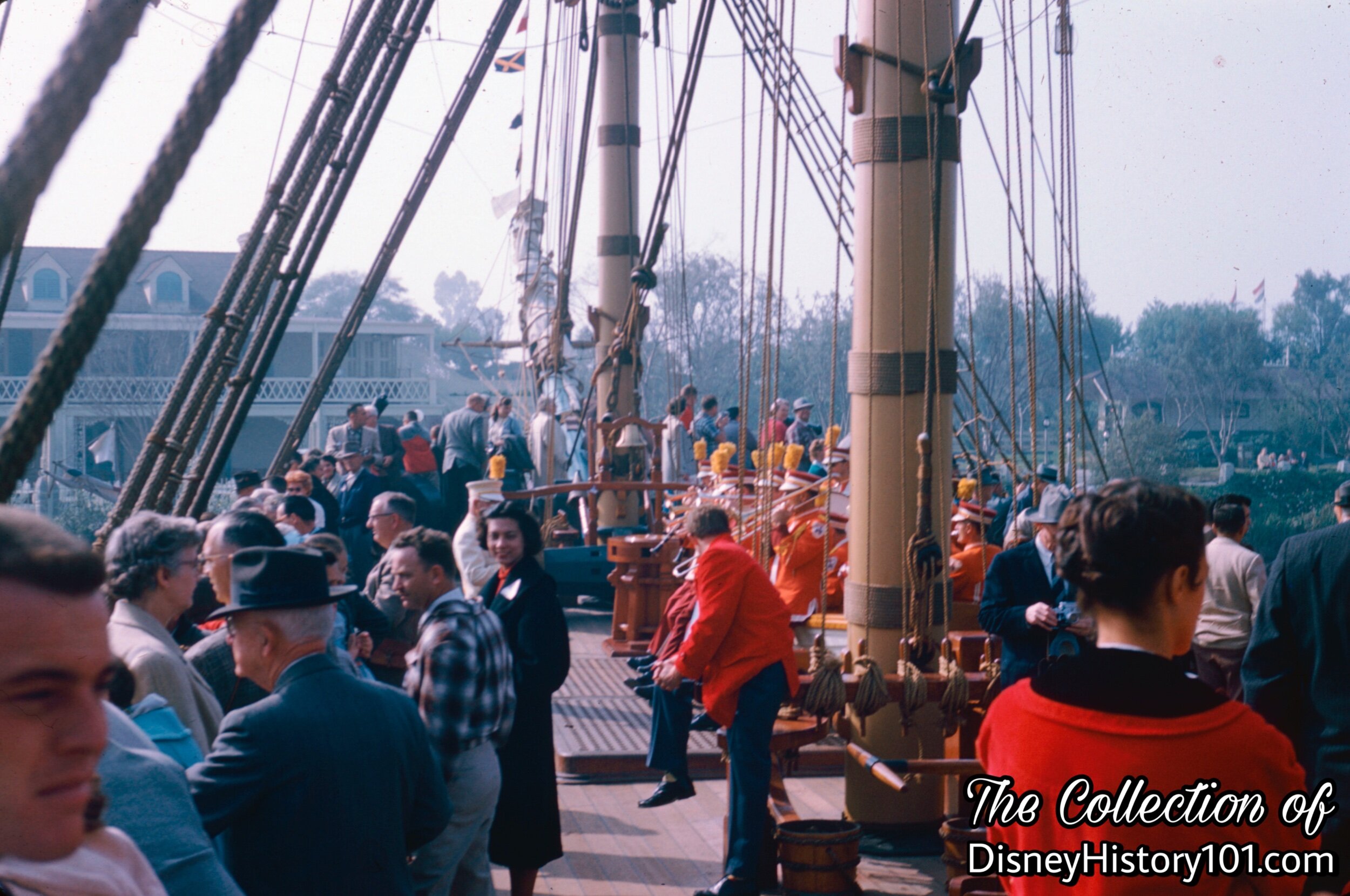
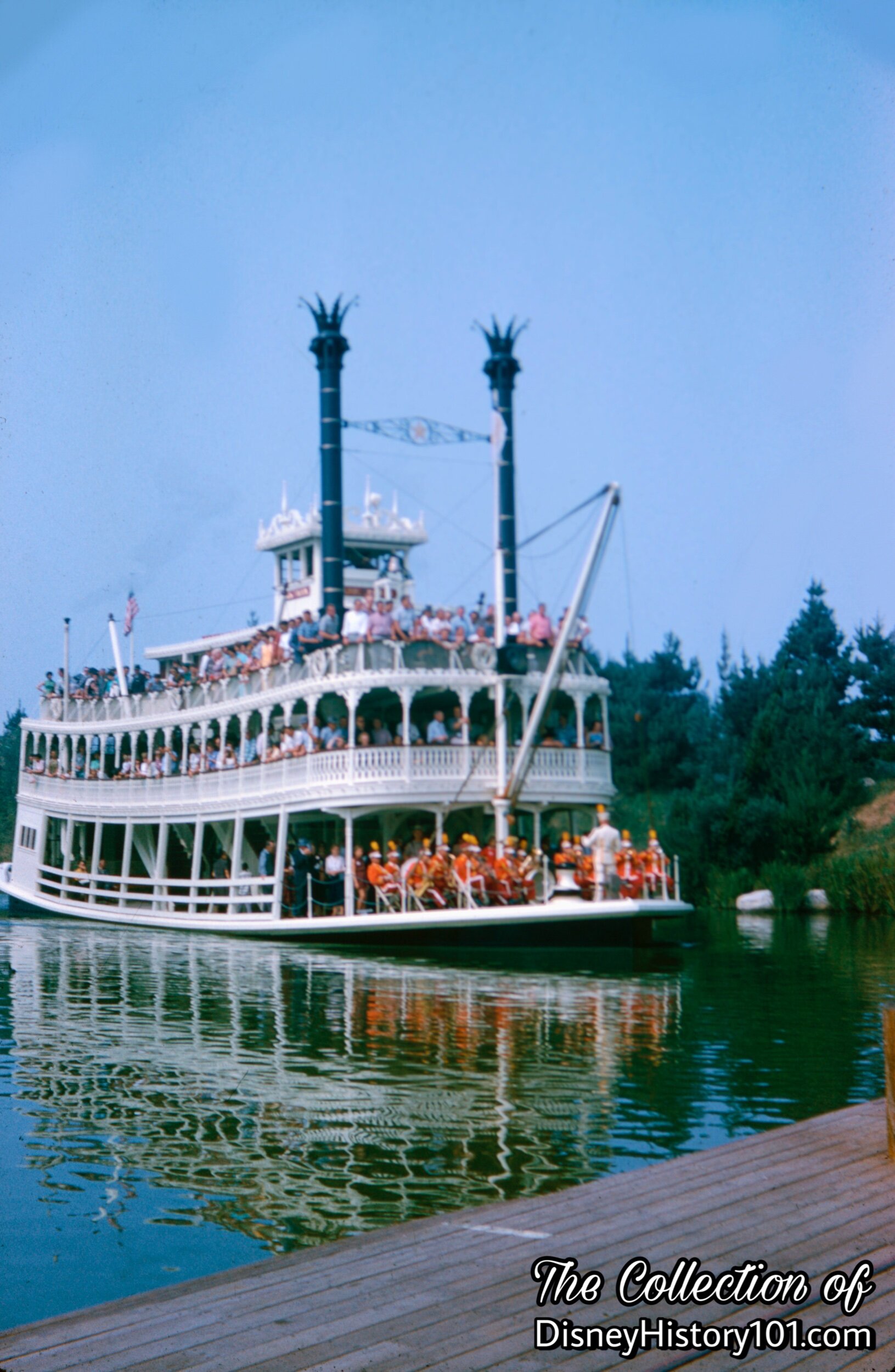
The Disneyland Marching Band would also perform an appropriate selection of folk songs aboard the Mark Twain Steamboat.
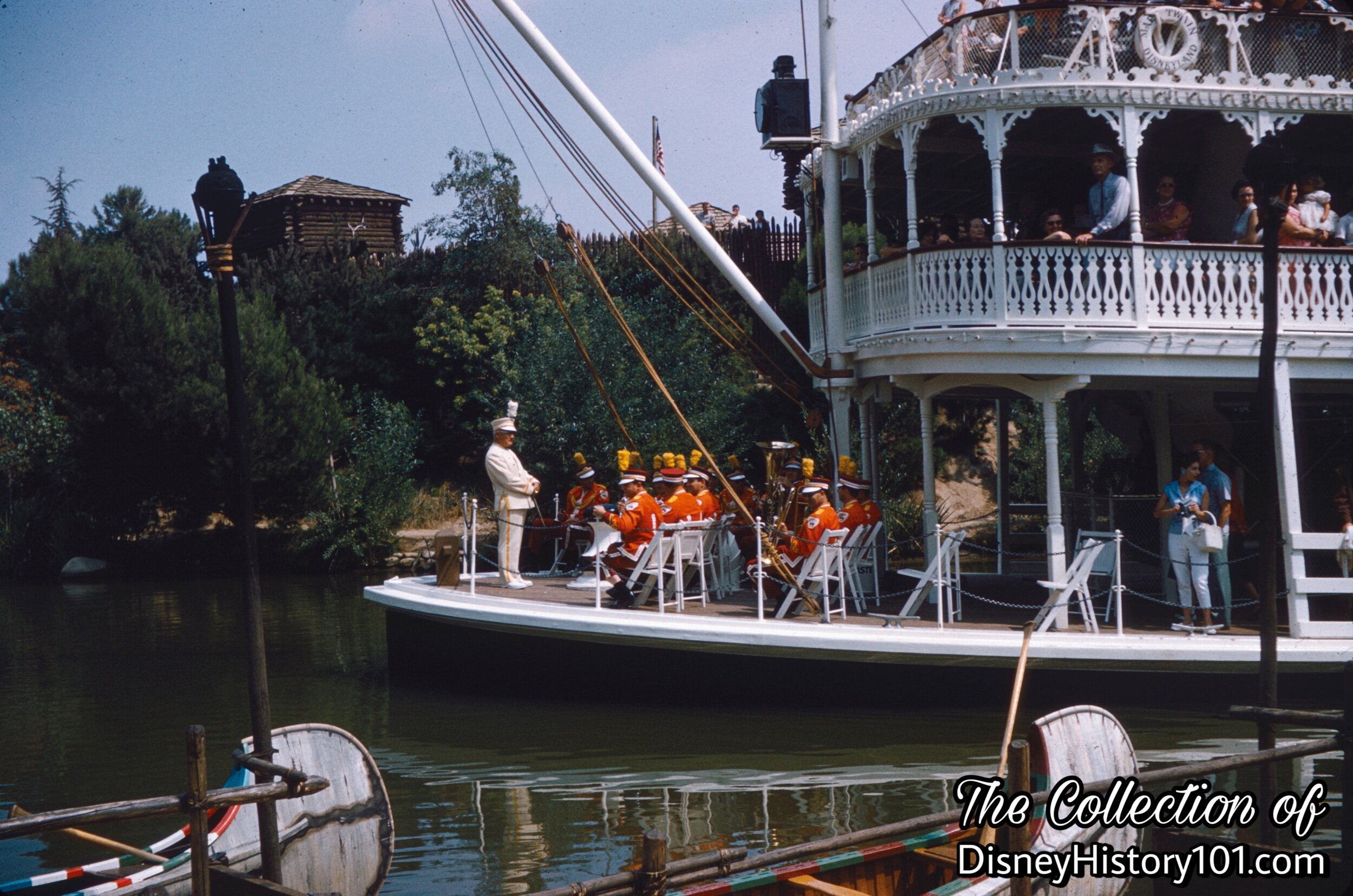
During the late 1960s, the Disneyland Band often marched through Disneyland (from 11:20 a.m. to 12:15 p.m.), ending with a concert aboard the Mark Twain Riverboat. This common sight was reminiscent of “Walt Disney’s Disneyland Band Concert” (the Disneyland Band’s 1956 “on location” record album cover. We can almost hear the Riverboat Medley (“Waitin’ For The Robert E. Lee”, “Cruisin’ Down the River”, and “Here Comes The Showboat”) now!
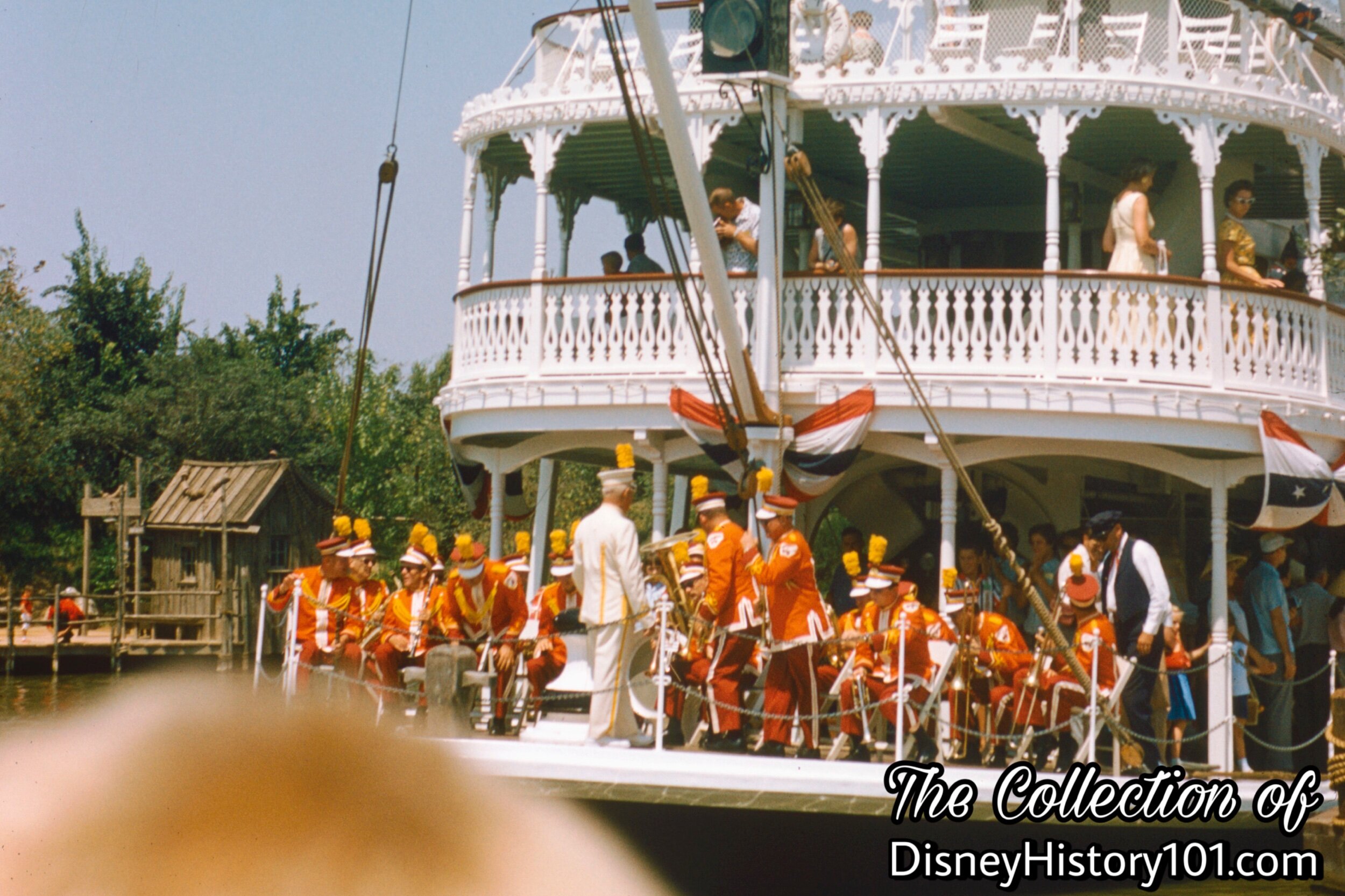
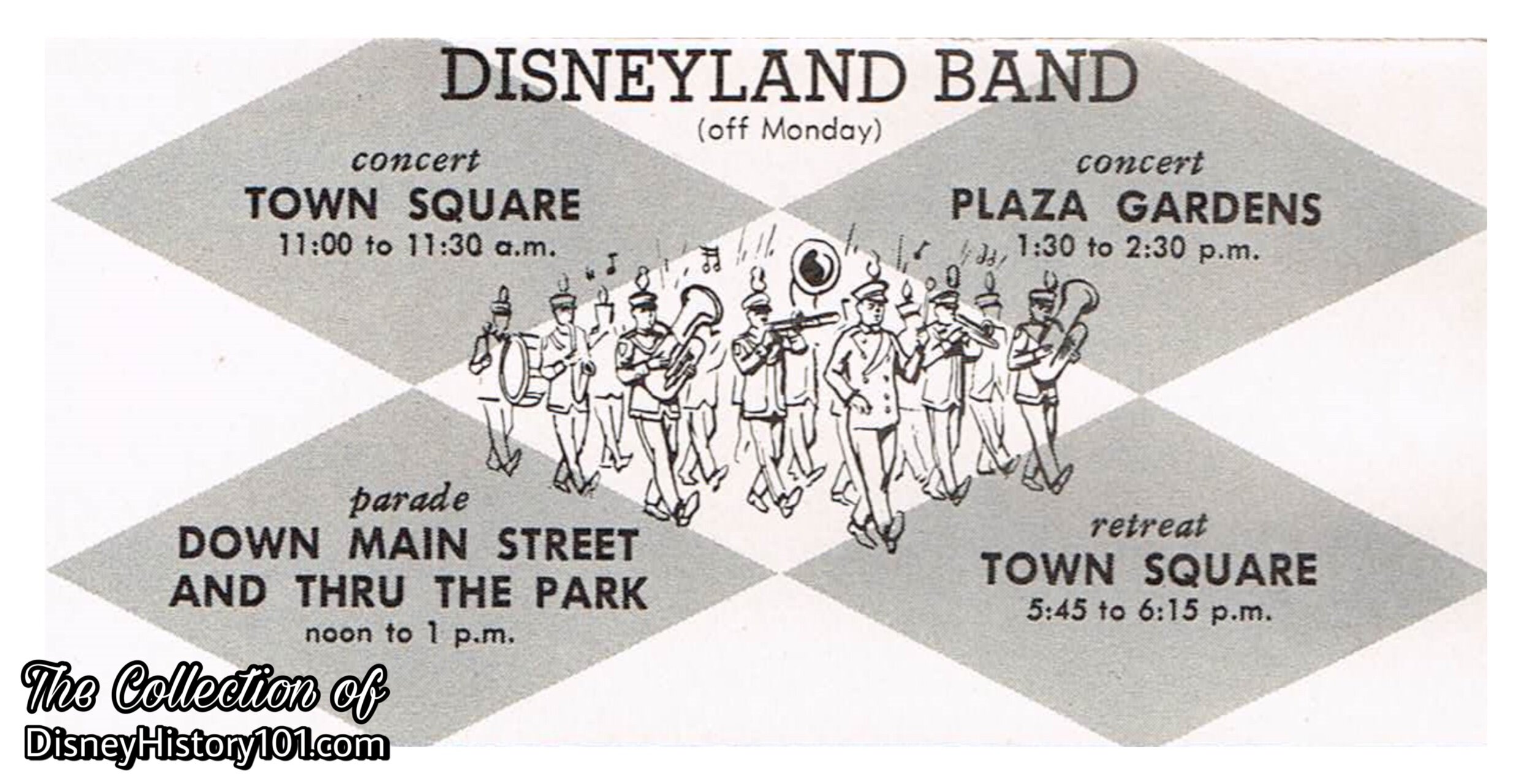
The Disneyland Band (occasionally billed as the “Disneyland Town Band”) was accounted among the $1,000,000 worth of 150 entertainers that filled out Disneyland’s big show during the 1960s! By this time, their prior “parade through the Park” would change (to conform to a structured schedule of appearances), and three “Sub-Groups” of the Disneyland Band would start to make appearances in different parts of the Park - the Saxophone Quartet (of Main Street U.S.A.’s Plaza), the Polka Band (of Fantasyland), and the Strawhatters (of Frontierland’s Orleans Street, and New Orleans Square). These would be distinguished by costumes and uniforms specifically designed to carry out the atmosphere of each land. In the following sections we will briefly examine these Disneyland Marching Band “breakaway sets”.
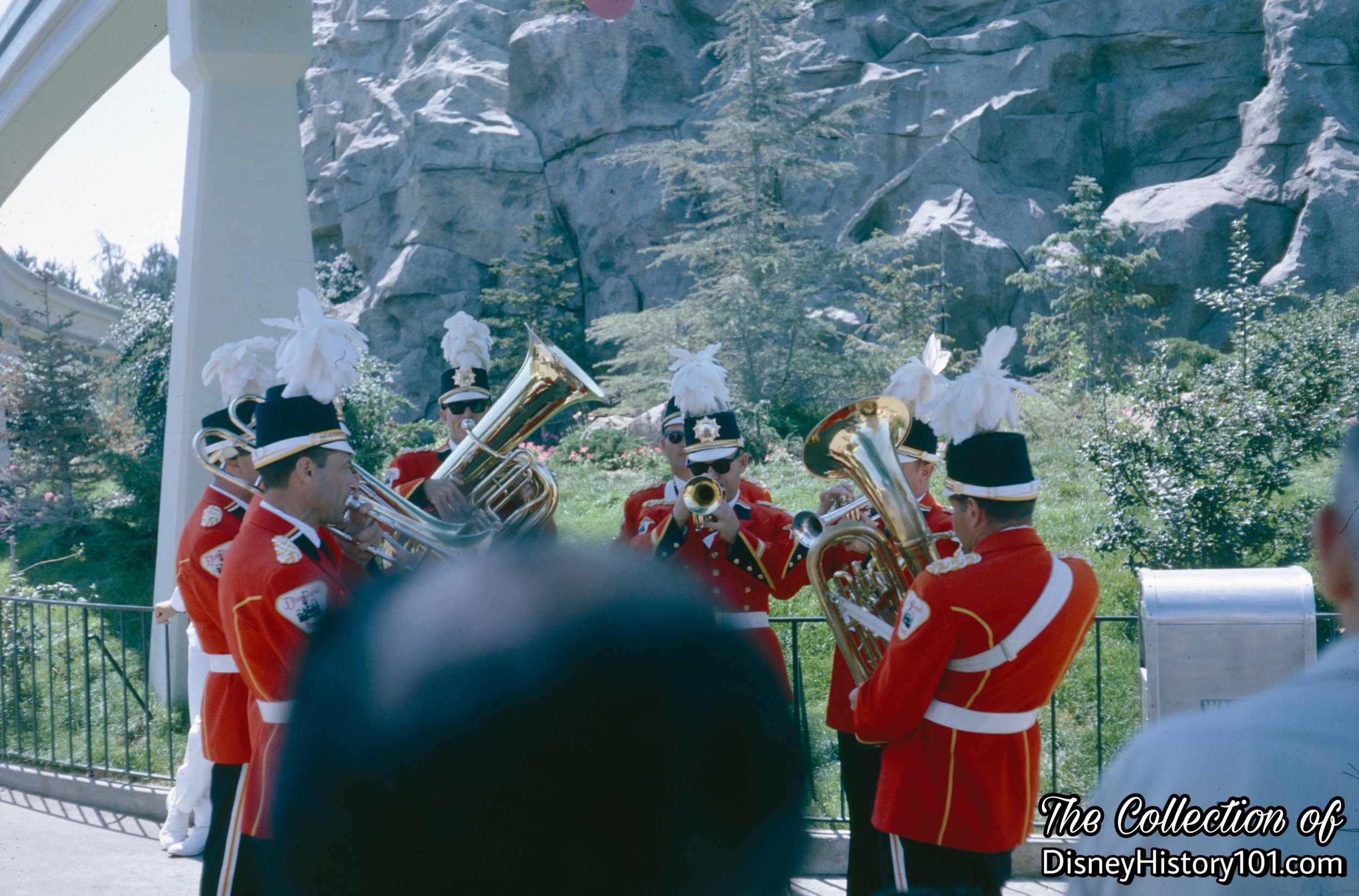
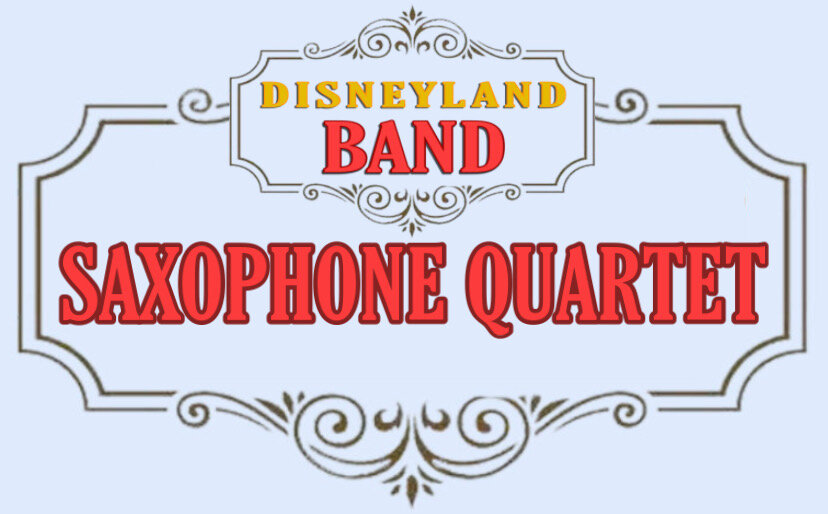
Today at Disneyland, Atmosphere Entertainment complimenting the theme of areas is staged to entertain Guests on an immediate and personal level. According to Dave Smith (previous Chief Archivist Emeritus of the Walt Disney Archives), “In its early years, Disneyland did not have the atmosphere bands that are used today. In fact, in 1955 there was only the Disneyland Band and the small band in the Golden Horseshoe… It would be several years before other bands appeared on a regular basis.” [Disney Facts Revealed by Dave Smith, 2016] But eventually, twice daily the band divided into three (3) groups:
1) Dixieland Strawhatters at Frontierland Gazebo
2) Town Band in Tomorrowland, Fantasyland, and Adventureland
3) Keystone Kop Saxaphone Quartet on Main Street
Cops in long blue coats and bucket hats completed the startling illusion.

The Keystone Cops Quartet was a breakaway “Sub-Group” section of the Disneyland Marching Band associated with the of the turn-of-the-century locale. In this way, the Keystone Cops Quartet was similar to the Dixieland “Hatters”(not to be confused with the Strawhatters) of Frontierland, as well as the “Town Band” of Fantasyland and Tomorrowland).

Before Main Street had a barbershop quartet, this quartet of Main Street’s Policemen (or, Constables) performed unique “sweet an low” instrumental arrangements in several select areas of the turn-of-the-century locale (twice daily, in the afternoons), during the late 1950s and 1960s.
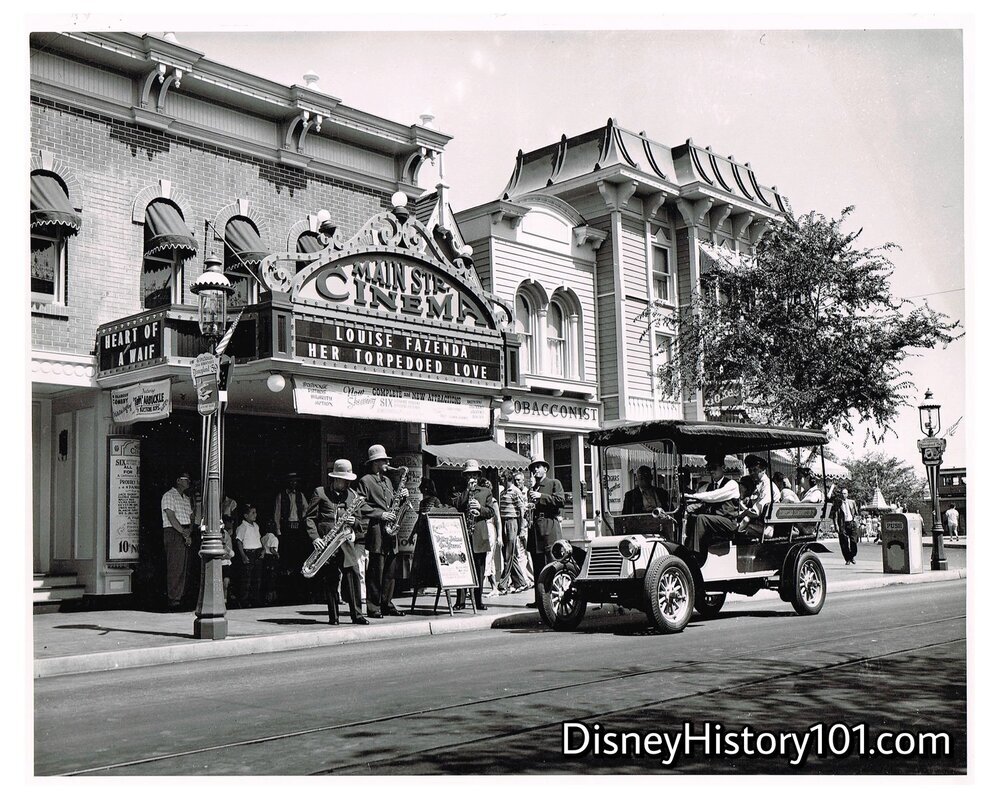
The Keystone Kops Quartet also favored the sidewalk in front of the Main Street Cinema because of all the passing traffic coming right down the middle of Main Street U.S.A.
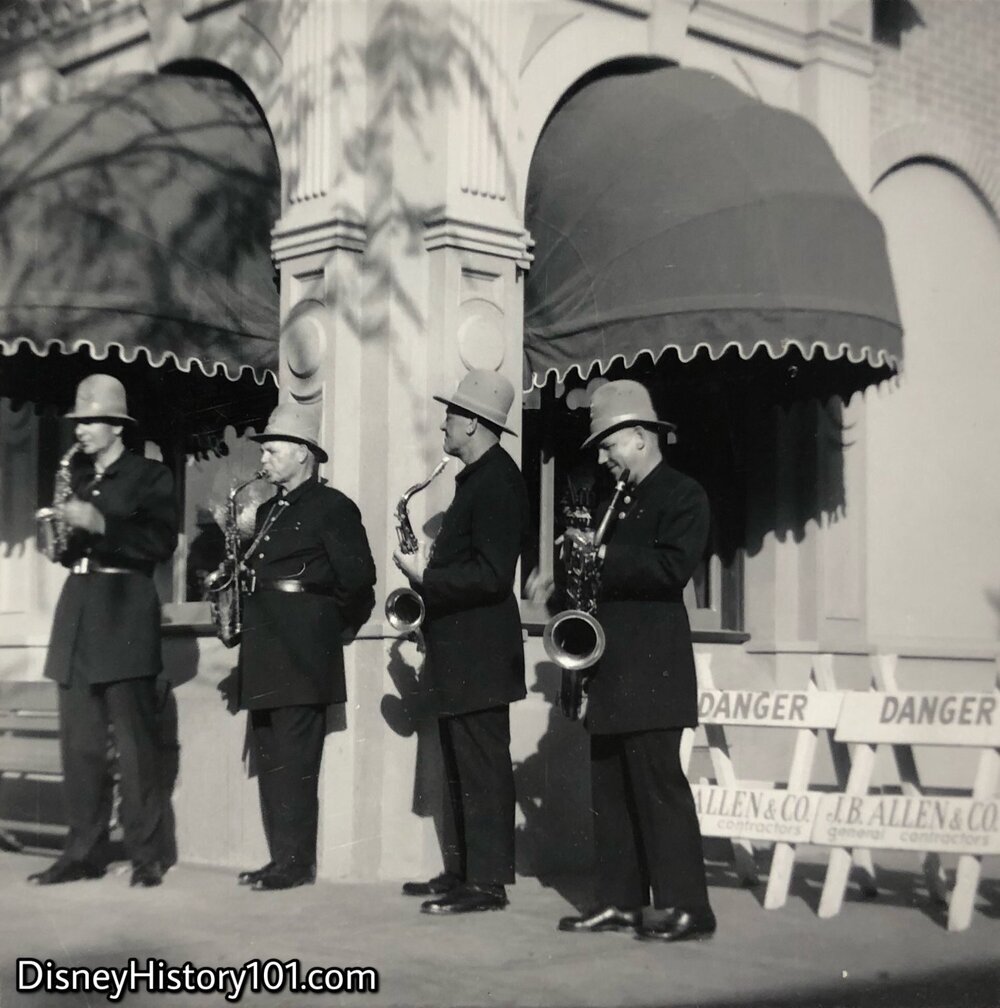
The Keystone Cops Quartet was renown for playing their golden saxophones in close harmony (on the street). All that laced with comedy, on the streets of Main Street U.S.A.! In the previous Vintage View they can be seen performing next to the Bank of America building (just through one of the tunnels to Main Street; on the East side of Town Square). Here, “Main Street’s Keystone Kops provide sidewalk entertainment for Disneyland guests,” even when some of the sidewalks are inaccessible. Their saxophones were also heard throughout the Park’s Plaza! The Keystone Cops Quartet can readily be seen preserved on film, in some footage of “Disneyland, U.S.A.” (a “People and Places” feature film, released in the U.S. on December 20, 1956 through Buena Vista Film Distribution Company). The Disneylander (May 1957) honored four by name - George Landier, Johnny Schmidt, Bernie Flymen, and Eddie Stelnicki.
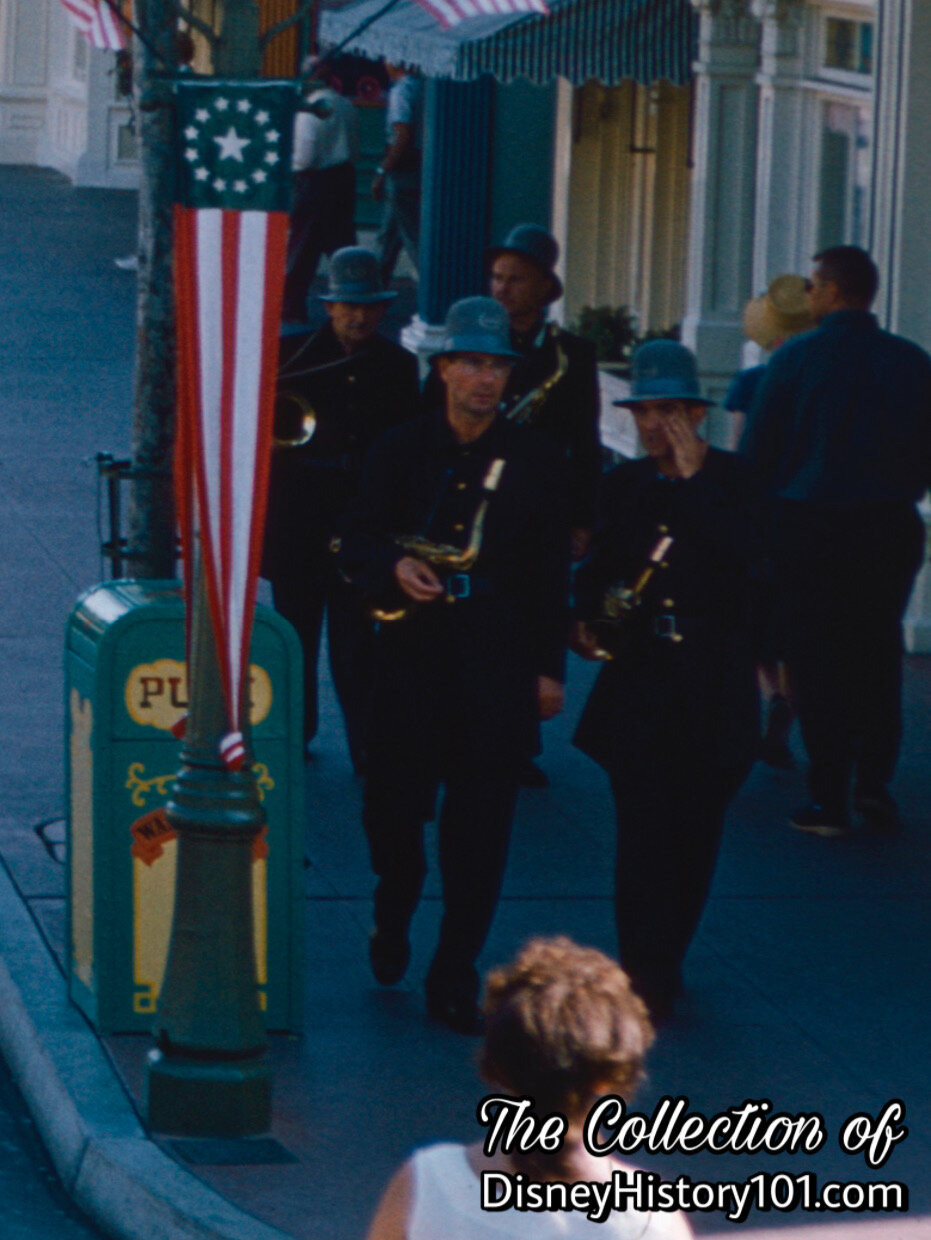
Here, the Keystone Kops Quartet heads to the location of their next performance in the Plaza.
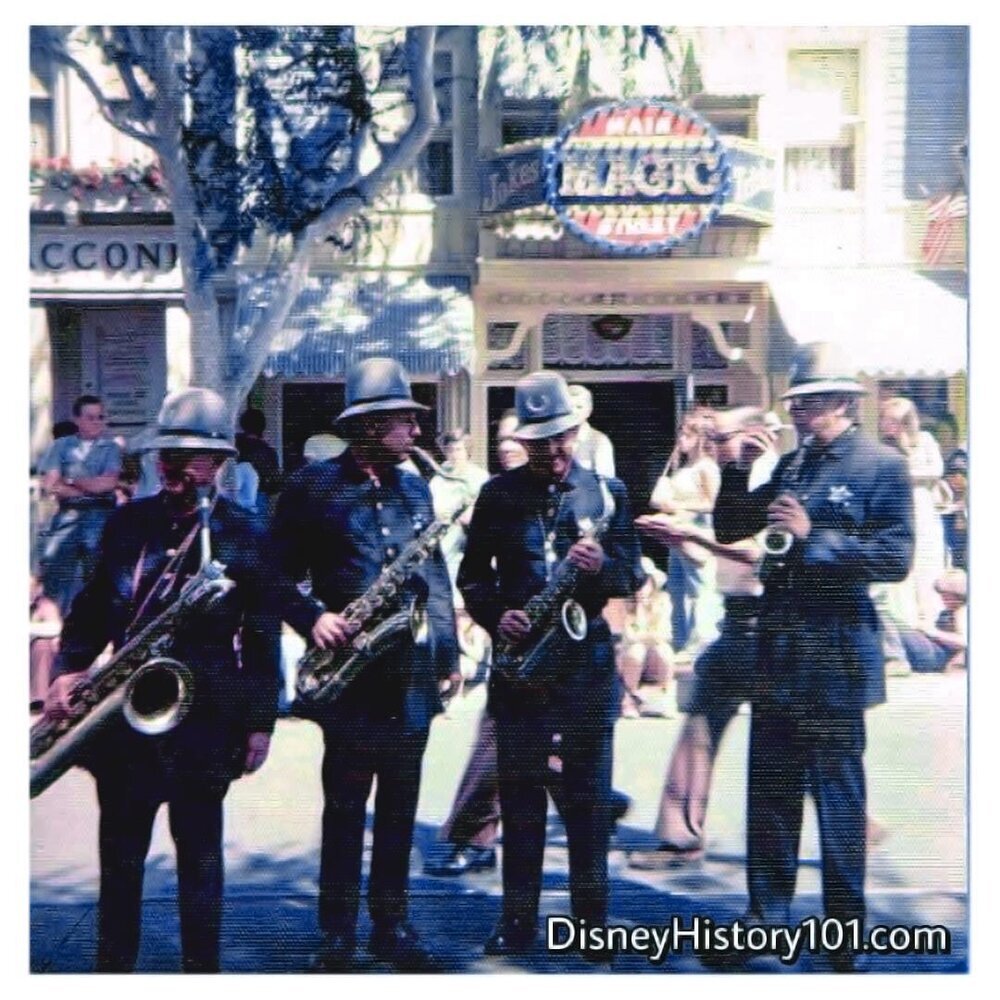
Near one of the entrances to the Main Street Emporium, the Keystone Kops Quartet prepare to play.

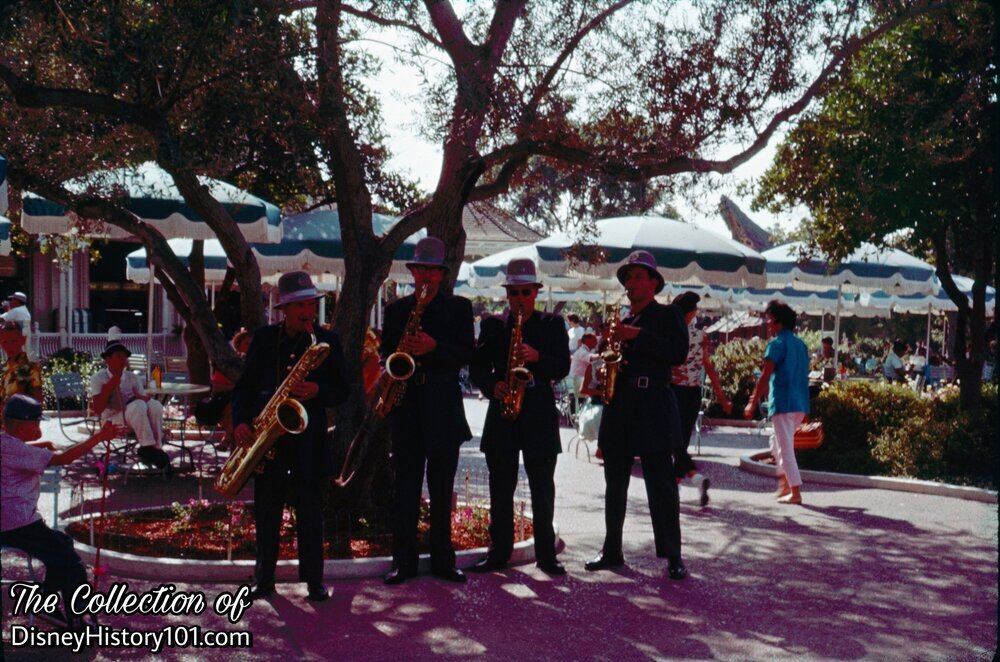
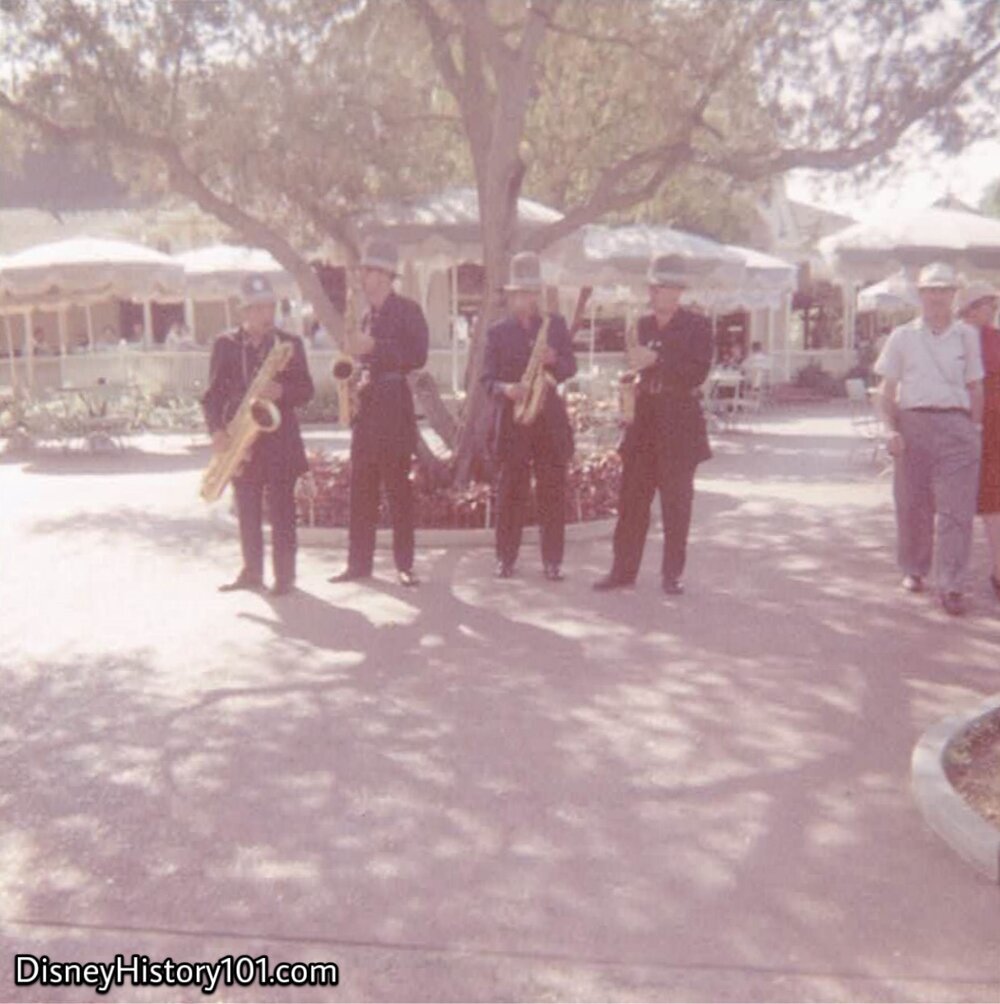
The Keystone Kops Quartet also performed for guests dining on the patios near the Plaza.


This isn’t a Keystone Kops Quartet uniform, but this particular ensemble was worn by Disneyland Security. It is similar in style to those worn by the Disneyland Marching Band members of the popular “breakout set.” Let’s take a closer look at the careful details applied to this turn-of-the-century-inspired costume.
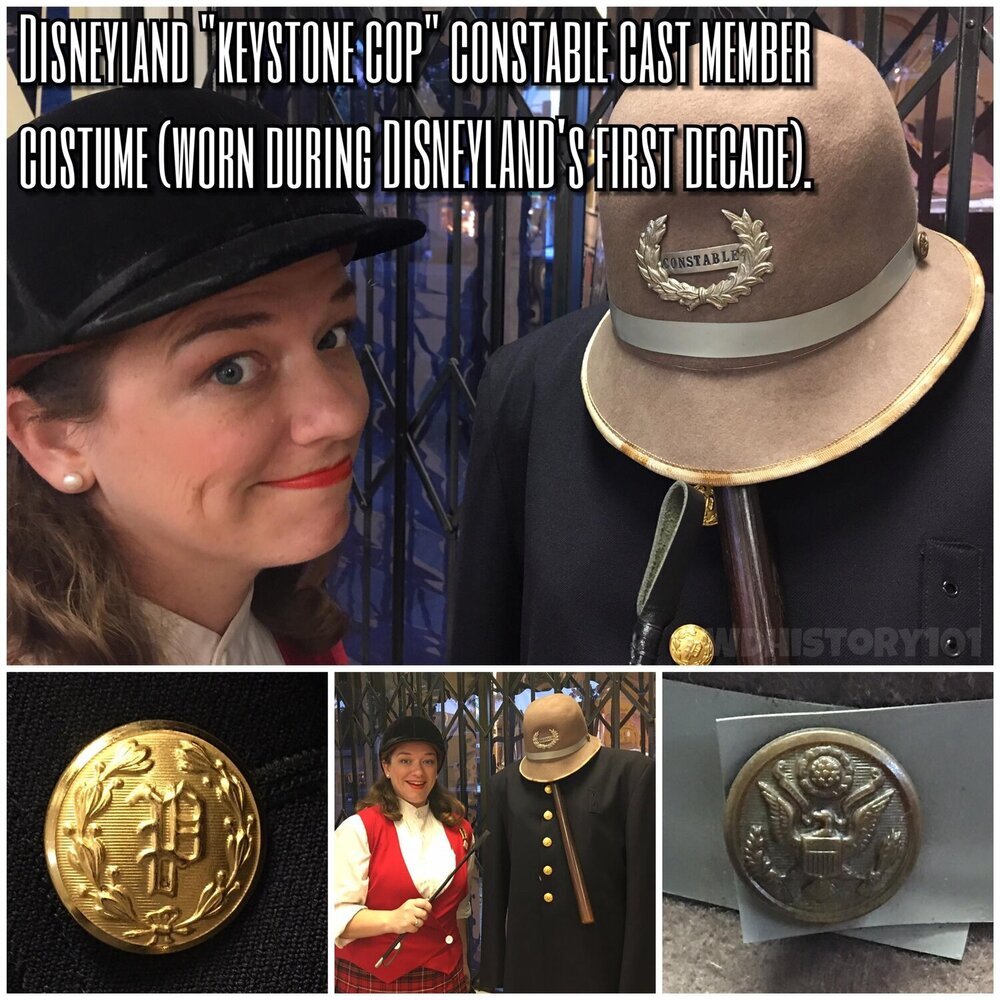
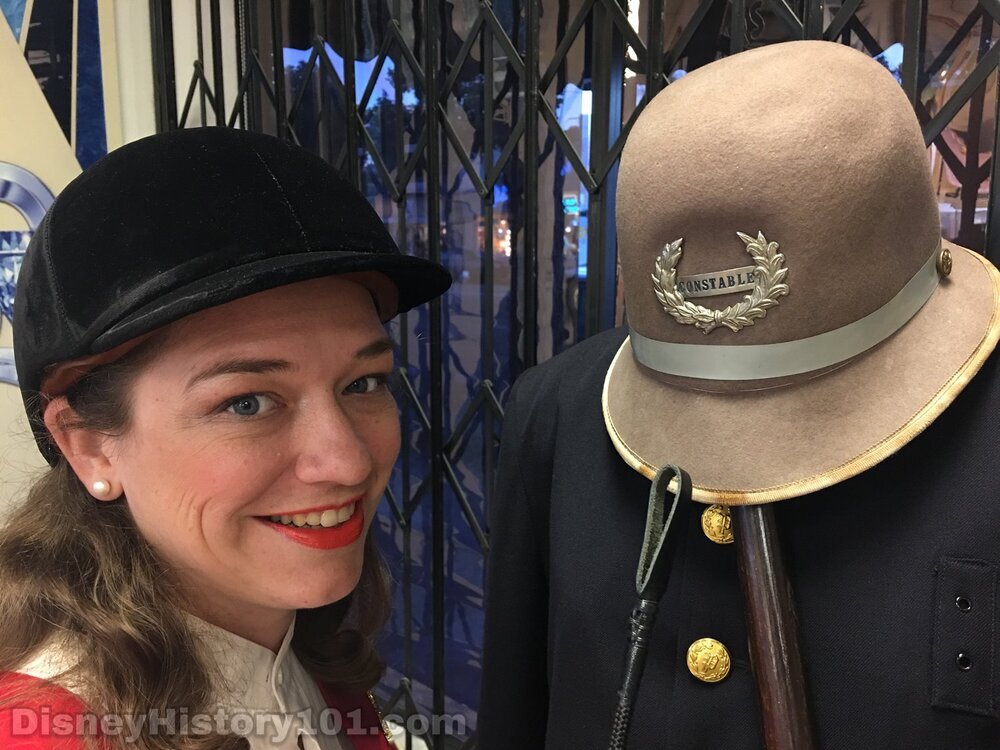
Lastly, the custodian-style hat tops off the ensemble!
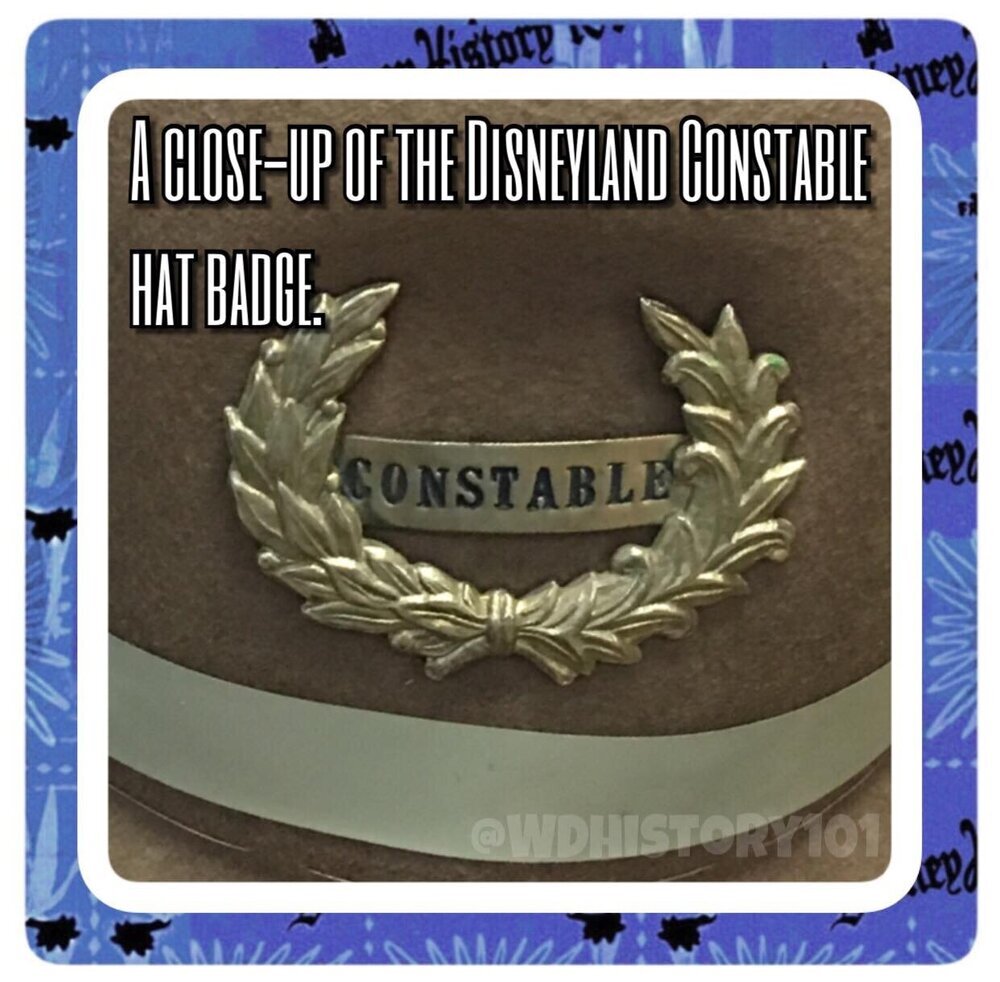
Though they have their origins in England, custodian-style hats like these were worn by officers in larger metropolitan cities (like New York) during the turn of the century. Here, we get a close-up of the fine craftsmanship of the crest atop the Victorian-style hat. Perhaps you recall inspecting the crest while “Mitch” the Keystone Kop (or, some other Constable) wrote you a ticket on Main Street U.S.A.!
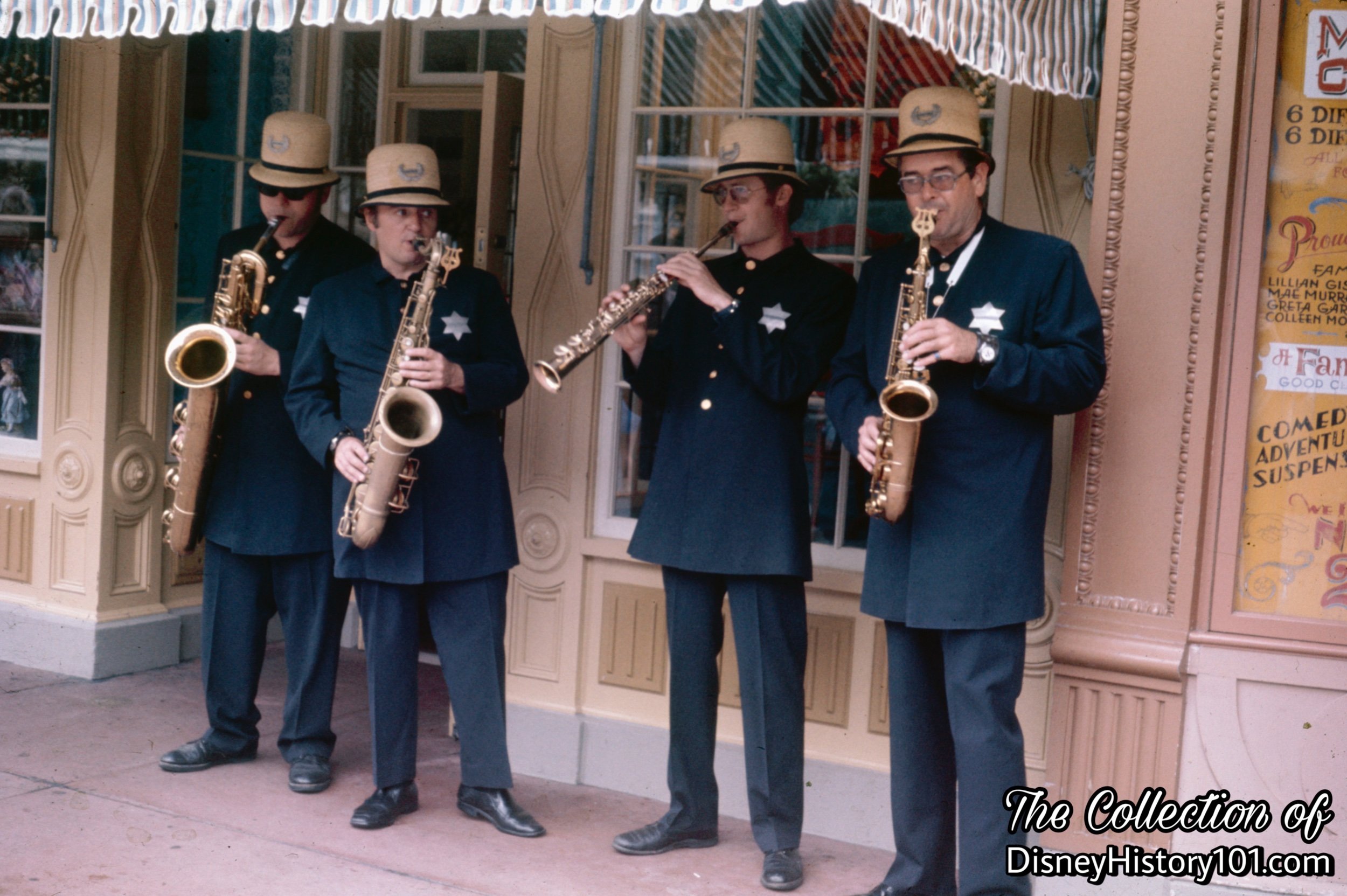
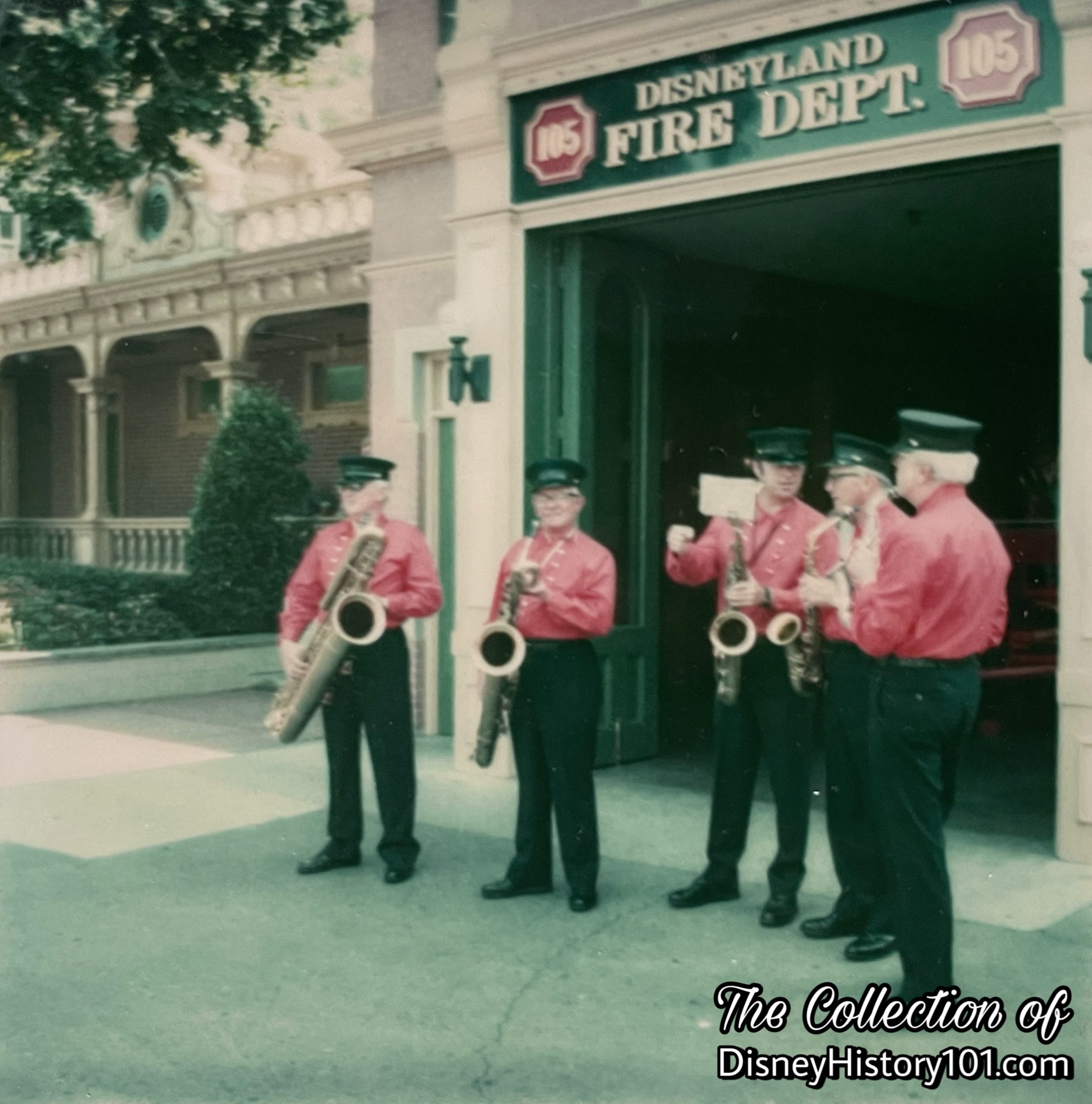
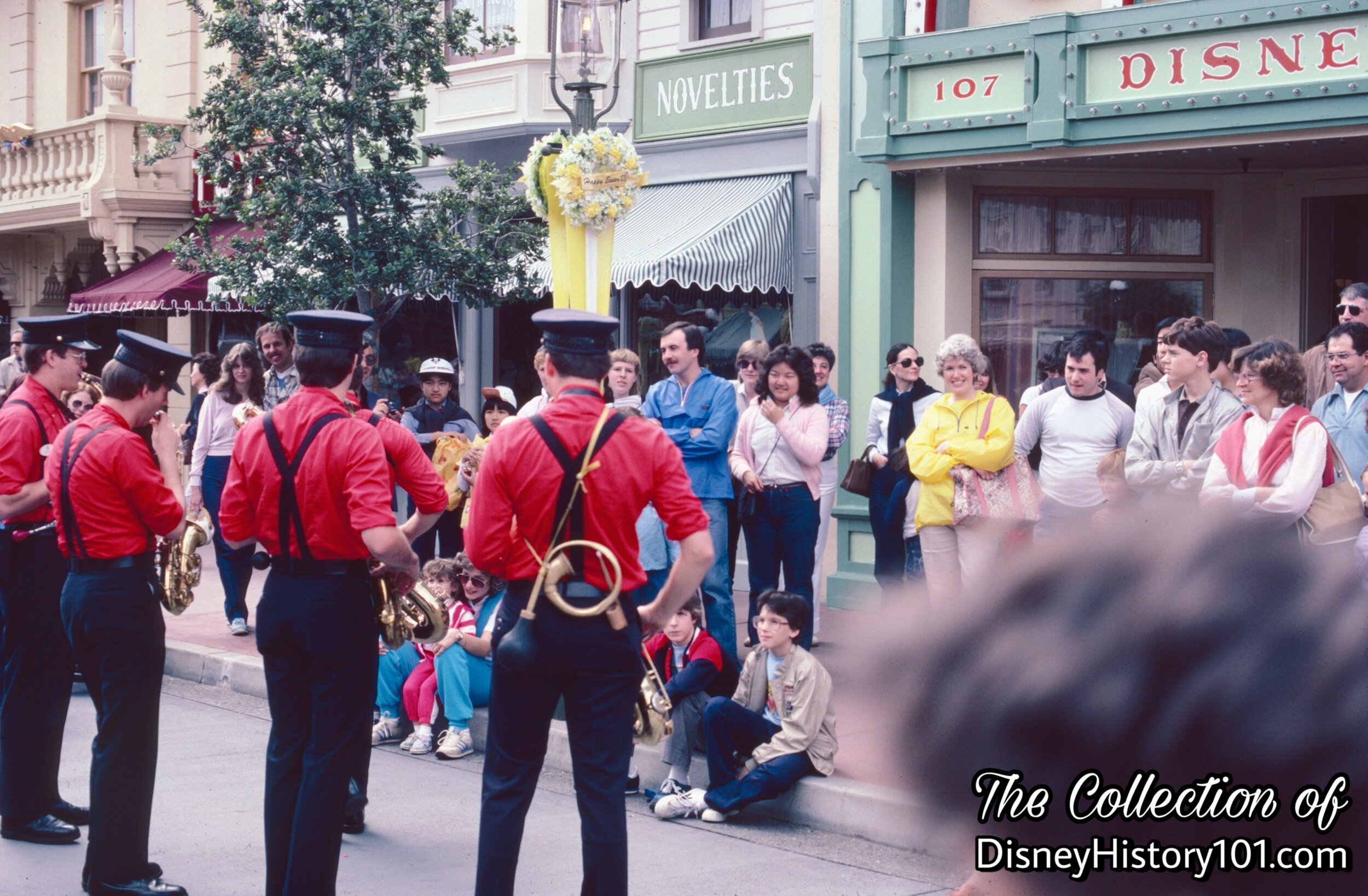
The quartet (of all the Magic Kingdom’s saxes) had a legacy (of sorts) in the Main Street Saxophone Quintet (Gary Scudder, Barry Streeter, Dave Friedrichs, Alan Palmer, and Jeff Phillips) which premiered during the Disneyland Family 25th Anniversary Reunion held in April of 1980. During July 20-26, 1987, both the Keystone Quartet and the Sax Quintet were performing in the Park simultaneously. In 1991, the band’s saxophone section donned striped jailbird uniforms as they were transformed into the “Duckburg Burglars” for their “Disney Afternoon”-inspired afternoon sets on Afternoon Avenue.

The Fantasyland "Polka" Band was a seven-piece breakaway “Sub-Group” band from the Disneyland Marching Band. The Disneylander (VOL. 5, NO. 6; JUNE, 1961) announced their arrival: “Added to the Fantasyland scene will be the brightly attired ‘Schnickle-Fritz’ Polka Band which will parade and serenade our guests.”
They could often be identified by their Bavarian hats and lederhosen. Their unique “toot, whistle, plunk & boom” was heard around Fantasyland and the Matterhorn, and the subset was even involved in occasional evening events like New Years Eve Celebrations.
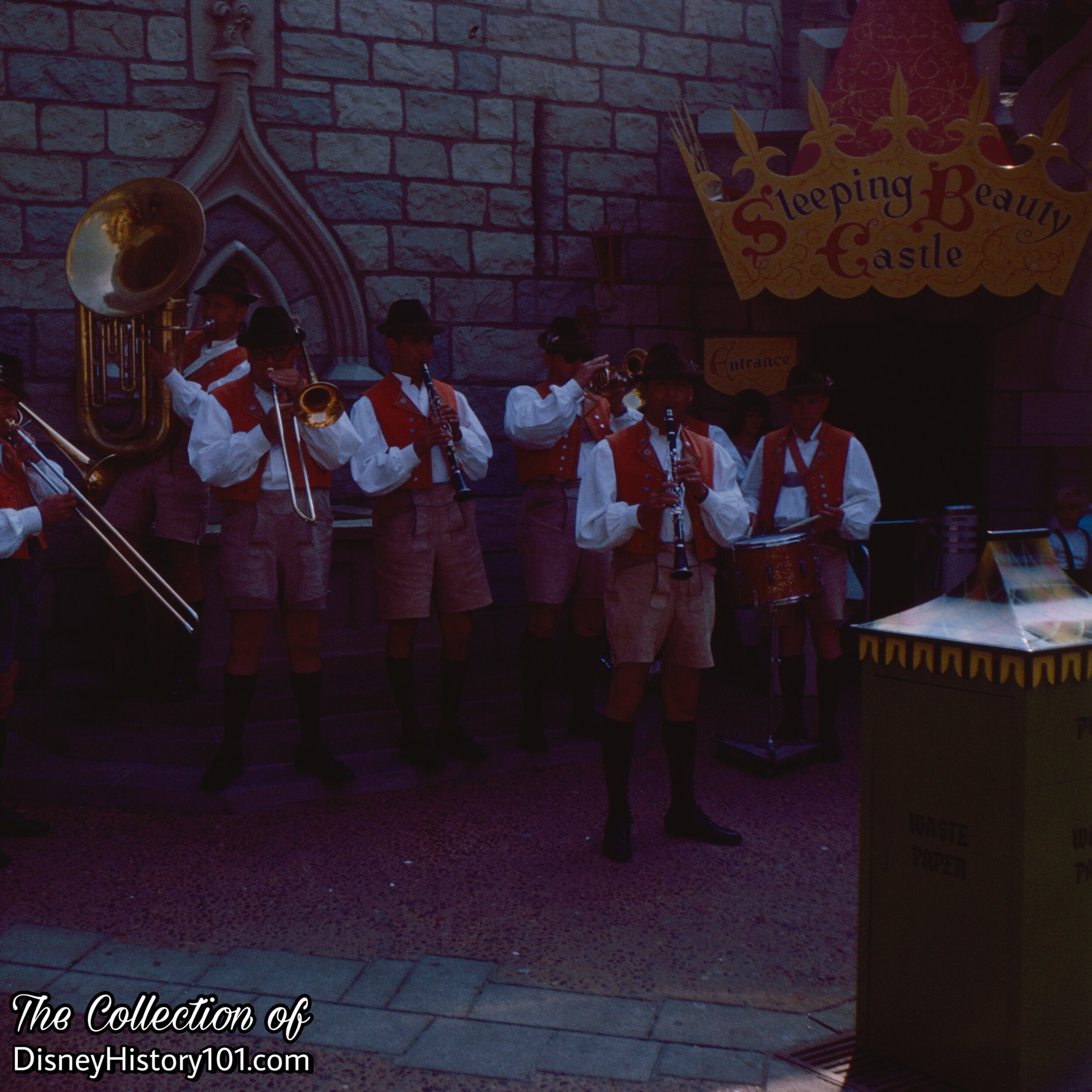
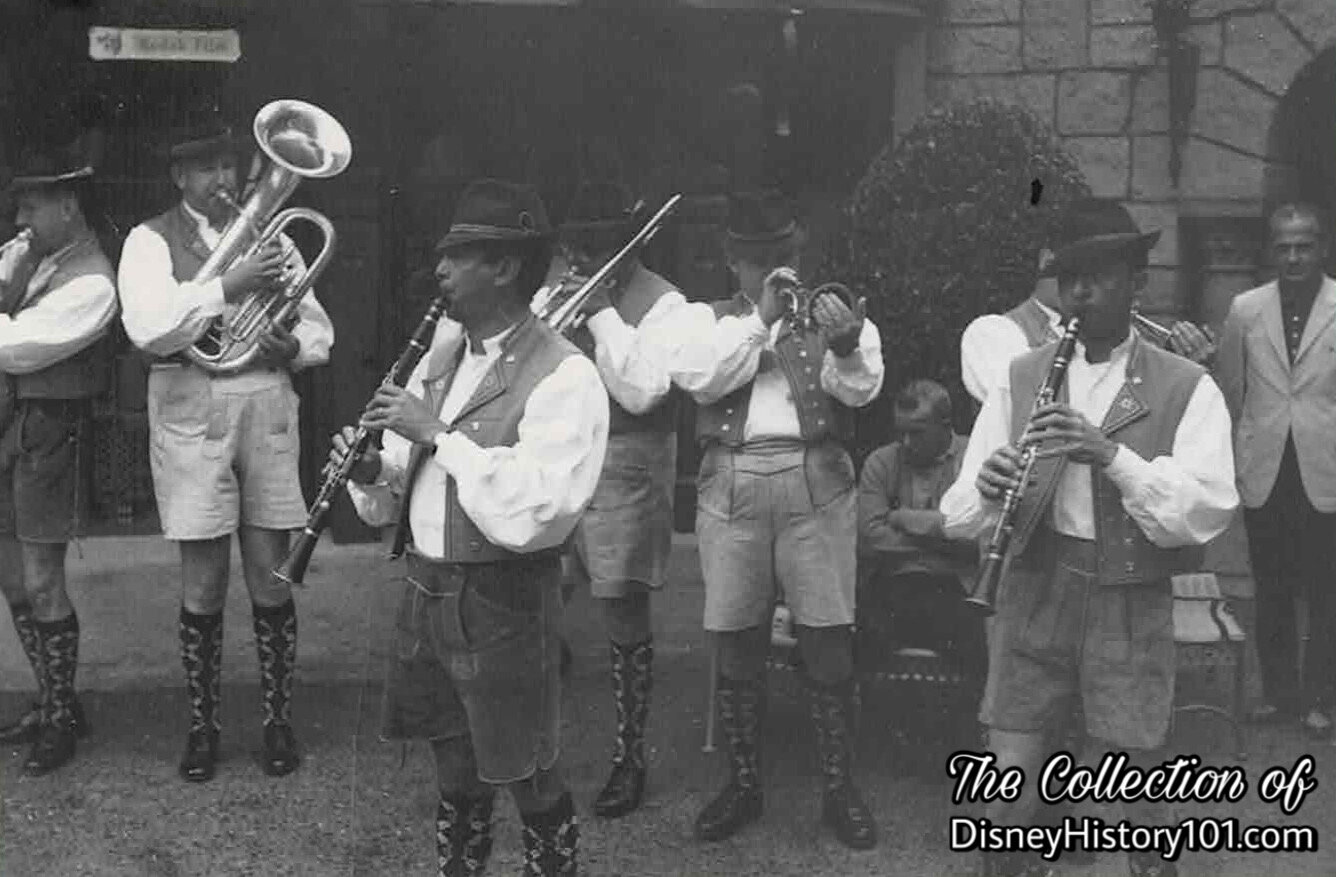
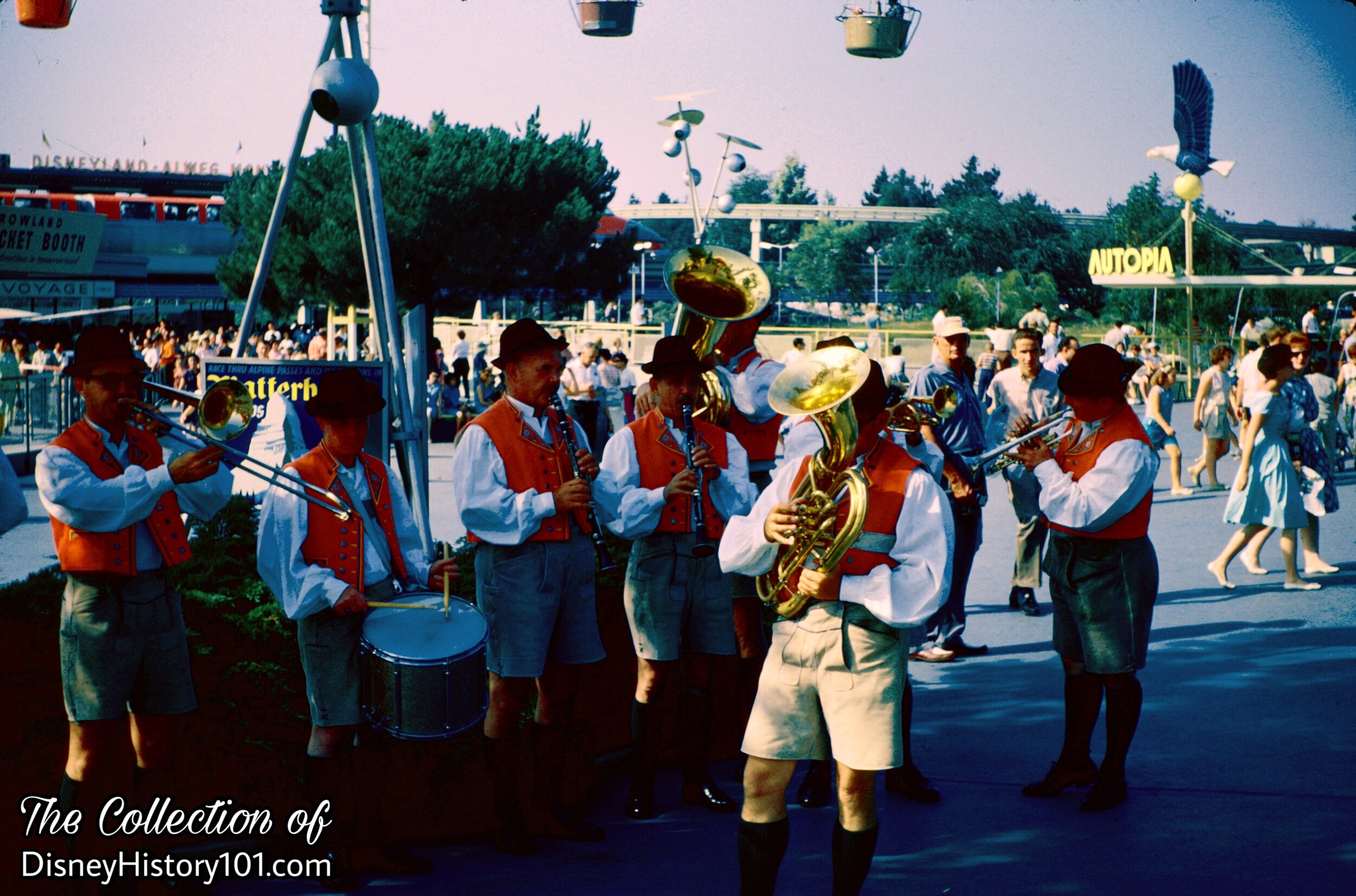
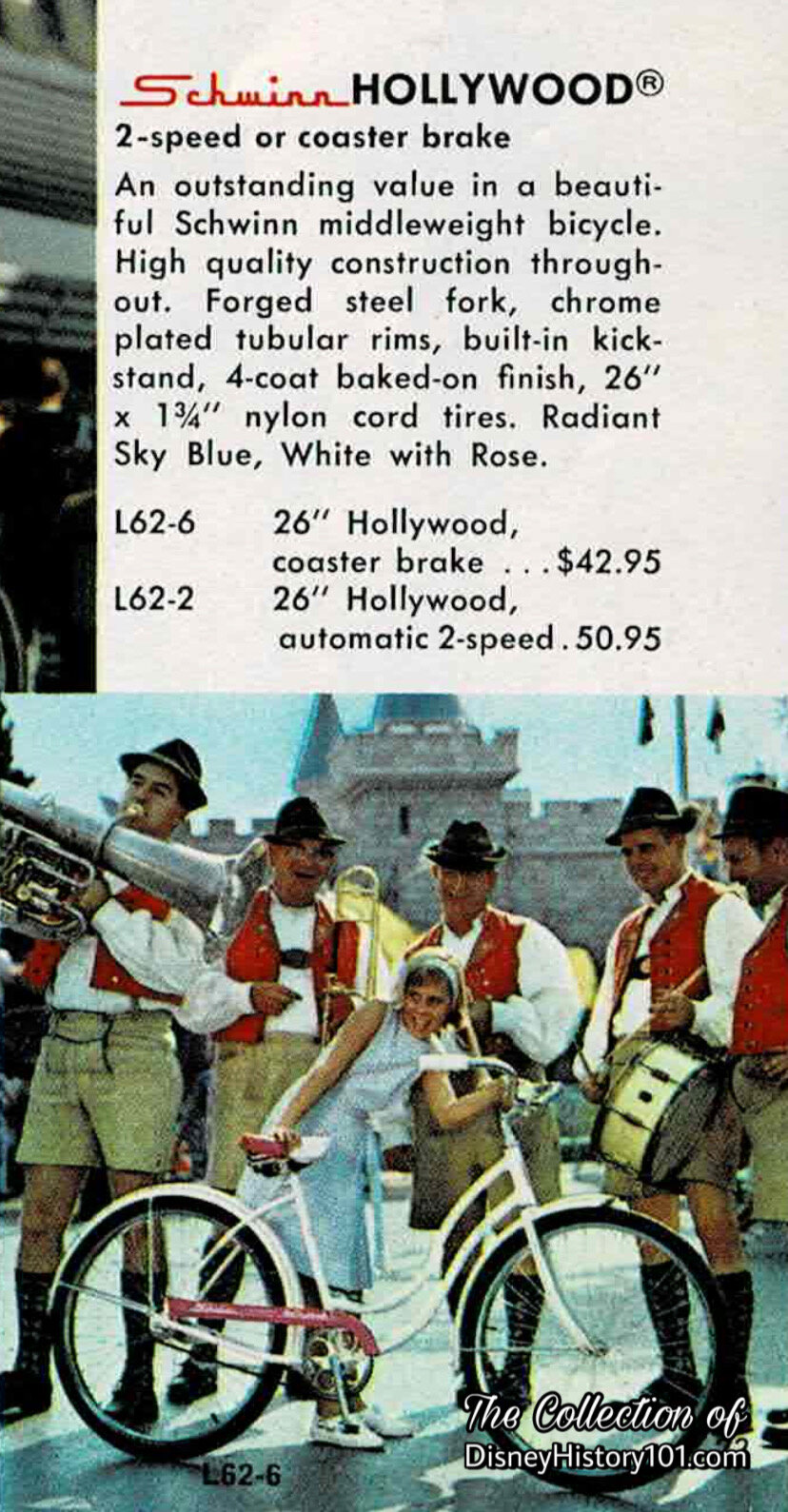
Photographs for this catalogue (one of which included the Polka Band and a guest aboard a Schwinn Hollywood) were shot at Disneyland during the Tencennial celebration of 1965. A year later, the Disneyland Band was also one subject of a Look Magazine photo shoot (in conjunction with new Disneyland 3-D post cards) on May 24, 1966.
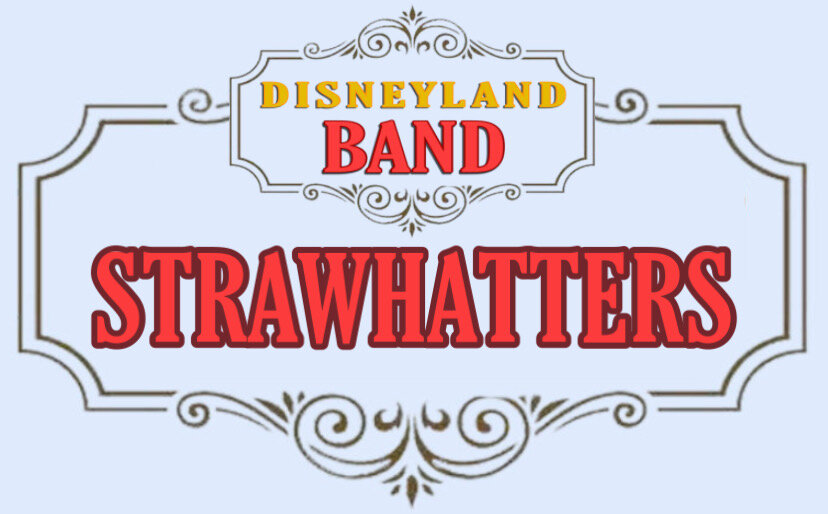
When New Orleans Street opened with Disneyland in 1955, the Strawhatters (a Disneyland Band “Sub-Group”) added to the surrounding ambiance for Frontierland’s riverside restaurants. This they originally did - twice daily - from beneath the wrought iron Gazebo in Frontierland! “Disneyland U.S.A.” (released by Buena Vista Film Distribution in the U.S., December 20, 1956) catches this rare sight, as the Strawhatters take a break in their set, while the Disneyland Band performs aboard the Main Deck of the passing Mark Twain! The Strawhatters also performed alongside the Disneyland Band, once a day, from the Magnolia Park Bandstand. The band released one record album with four tracks on two sides - “Fidgety Feet”, Muskrat Rumble”, Jazz Band Ball”, and Mississippi Mud”.
According to the Strawhatters’ “Dixieland at Disneyland” record album (released 1957 through Disneyland Records) :
“The five members of this lively group [were]… hand-picked professionals, all of whom had established reputations with America’s “name” bands before coming to Disneyland.
Jim Barngrover : Plays Trombone. Worked with the bands of Jack Teagarden, jan Garber, Joe Venuti, Ray Herbeck, and Tommy Dorsey.
Jack Williams : Plays Clarinet. Started his career at Majestic Ballroom, Long Beach. Played with Ted Staeter, Jan Garber, Jack Teagarden and the Dorseys.
W.B. ‘Sonny’ Anderson : Drummer. Native Californian. Formerly Freddie Slack, and had as his own band, the Long Beach Municipal Band.
Wally Ruth : Saxophone and Piano man. His credits were acquired with Freddie Slack, Rudy Vallee, Warner Brothers Studio - ‘Pete Kelly’s Blues’, ‘Star Is Born’, and the Hit Parade. Seven years with Spade Cooley on KTLA-TV.
Warren Gale : Trumpet. Played in Long Beach, California since 1939, with exception of 3 years in Army Air Force Bands. Spent 6 months with Will Osborne’s Orchestra.”
Though the Frontierland Gazebo (later called the “Dixieland Bandstand”) disappeared during 1961, the Strawhatters (wearing striped blazers) continued to swing out “St. Louis Blues” and other Dixieland classics in Disneyland! Dixieland at Disneyland events were held frequently (with a number of performers being featured). It was common to see artists like Bob Crosby and his Bobcats, Teddy Buckner, Doc Souchon, The Fire House Five Plus Two, Nellie Lutcher, Santo Pecora, Matty Matlock, Turk Murphy, Kid Ory, The Young Men From New Orleans featuring the banjo man Johnny St. Cyr, and even old “Satchmo” himself - Louis Armstrong - performing from atop various watercraft while making their way down the rivers of America. For many of these artists, Dixieland at Disneyland events were like a reunion of old friends. Louis Armstrong’s Disneyland debut (in 1961) was also the first time that he and Kid Ory had performed together in 41 years.
When New Orleans Square opened in 1966, the Strawhatters continued to make appearances, even performing alongside newer bands, like the Royal Street Bachelors! The Strawhatters appeared in visual media like “Disneyland Showtime” (a c.1970 Wonderful World of Disney episode), providing the melodies for Br’er Bear and Br’er Fox to dance. Today, the Strawhatters have a legacy - the Straw Hatters! The band currently performs both in New Orleans Square and Main Street U.S.A.
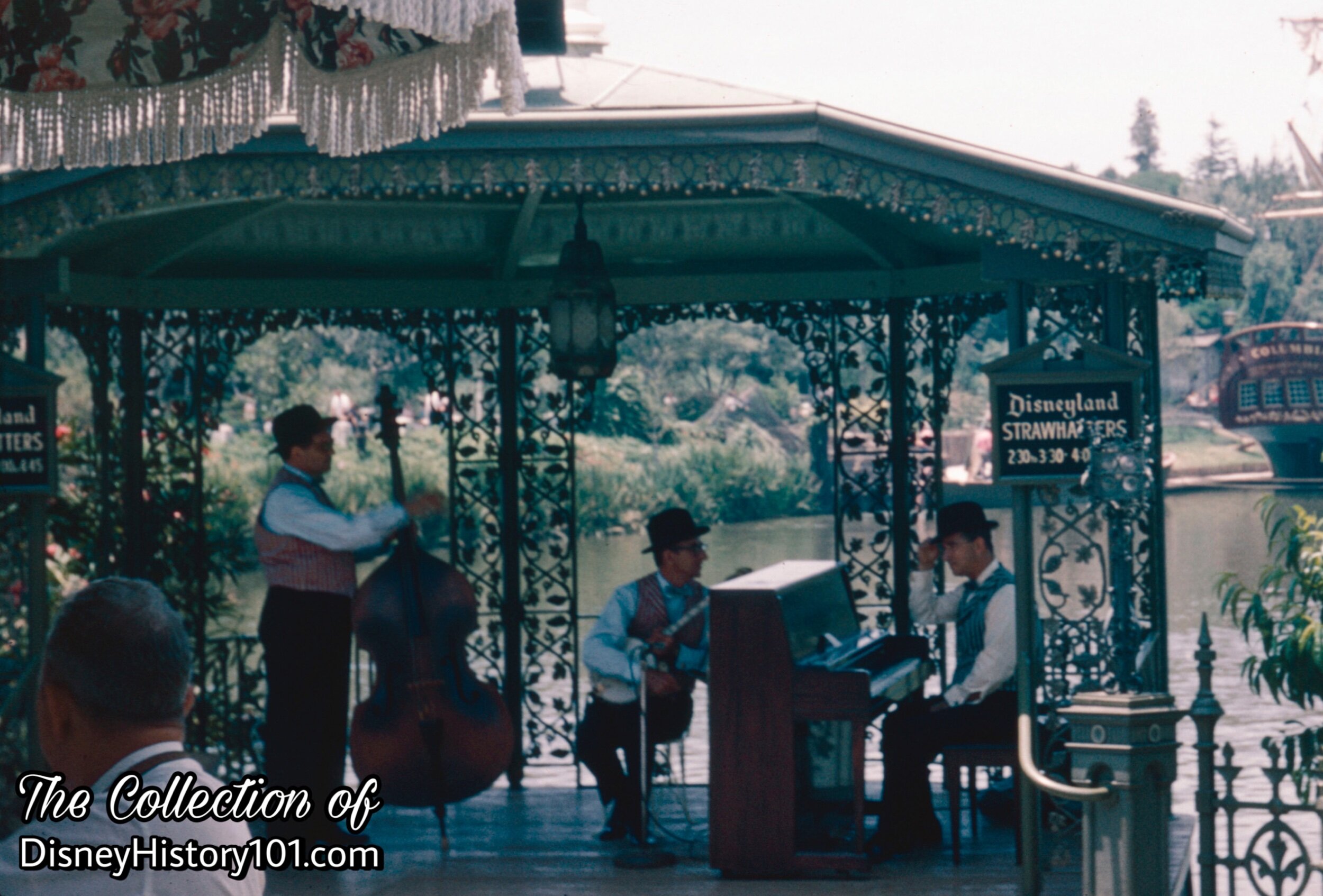
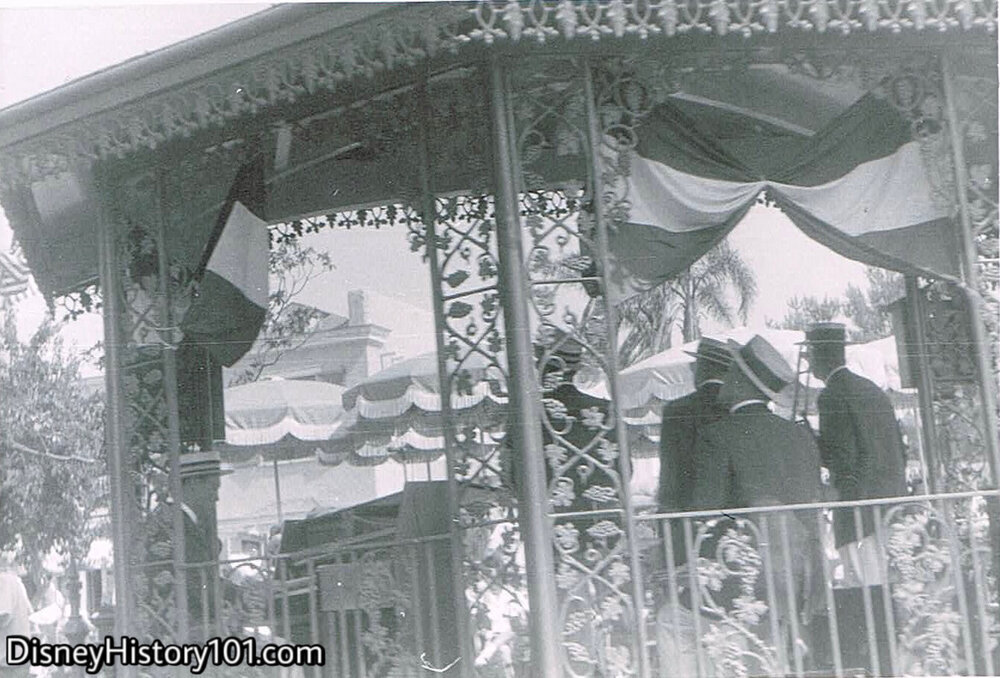
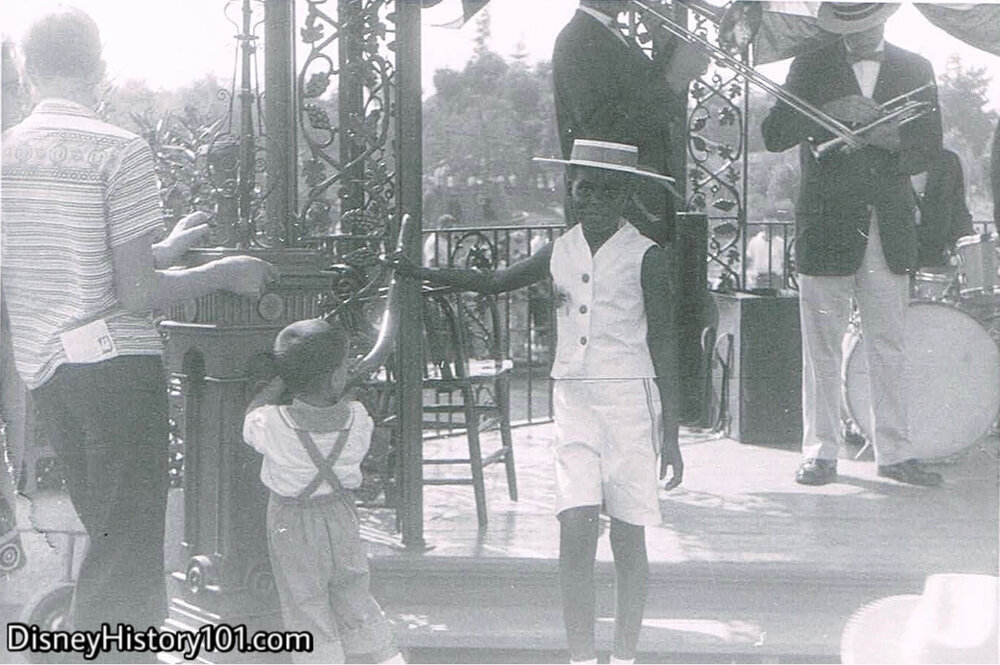
A young Guest wears a boater hat while enjoying the Dixieland melodies of the Strawhatters.
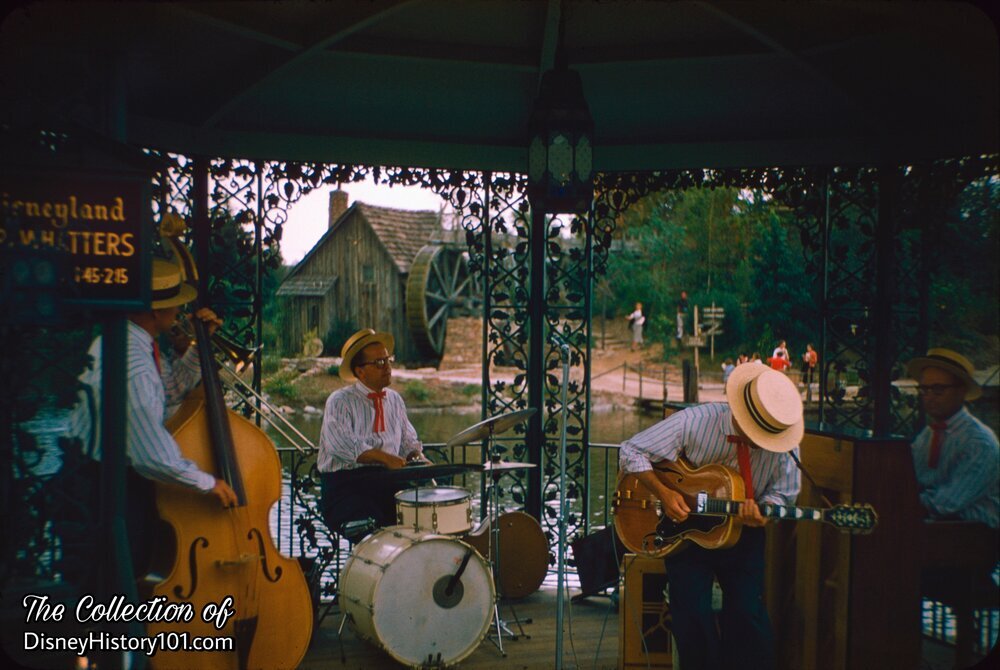
The Disneyland Strawhatters and other performers would entertain guests from beneath the awning during the daytime. Occasionally (during Dixieland at Disneyland events), they would perform while floating across the Rivers of America aboard a Tom Sawyer Island rafts!

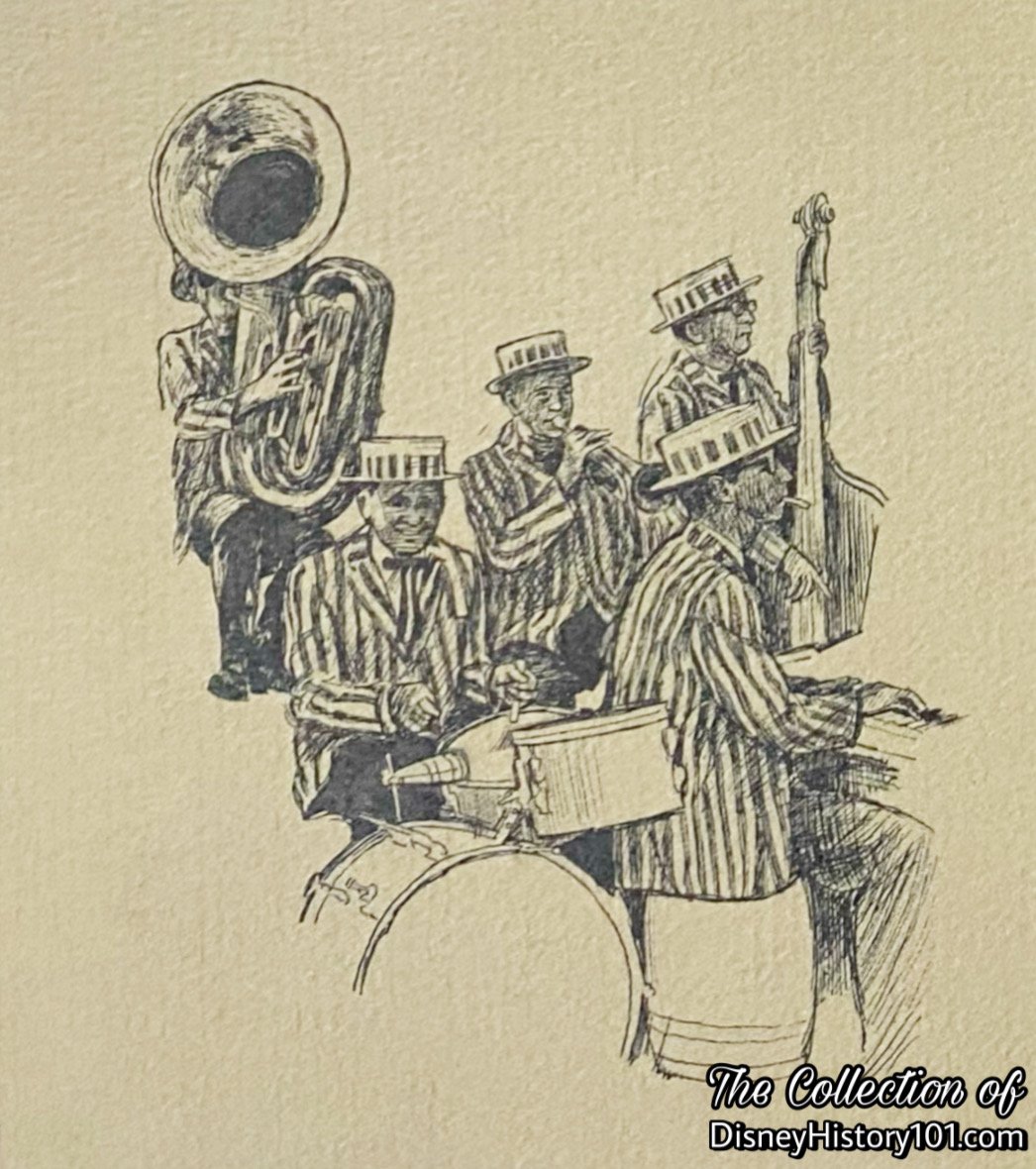
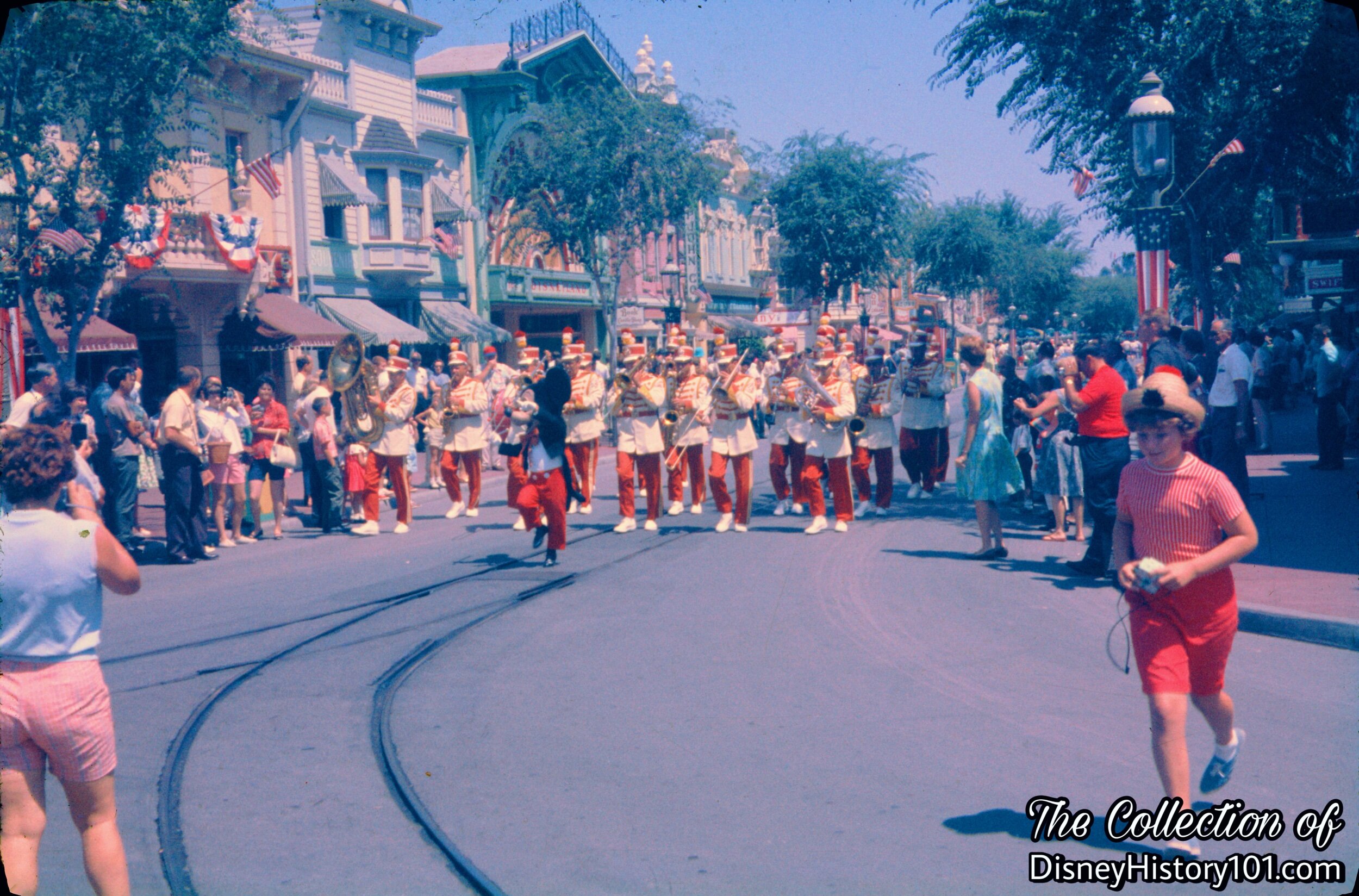
“Here we go a-marching and a-shouting merrily!” Yes, “The ‘harum-pa-pa’ of marching music quickens the steps and widens the smiles of Disneyland guests as the Disneyland Band parades up Main Street”, with Band Leader Mickey Mouse leading the march, at the beginning of the procession! It must be Vesey Walker’s day off.
(A Complete Guide To Disneyland, 1956)
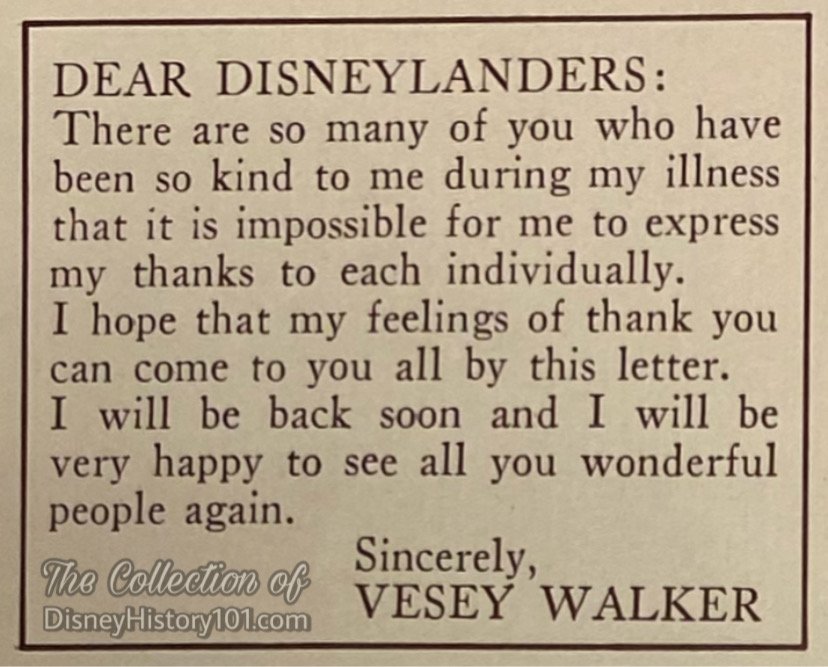
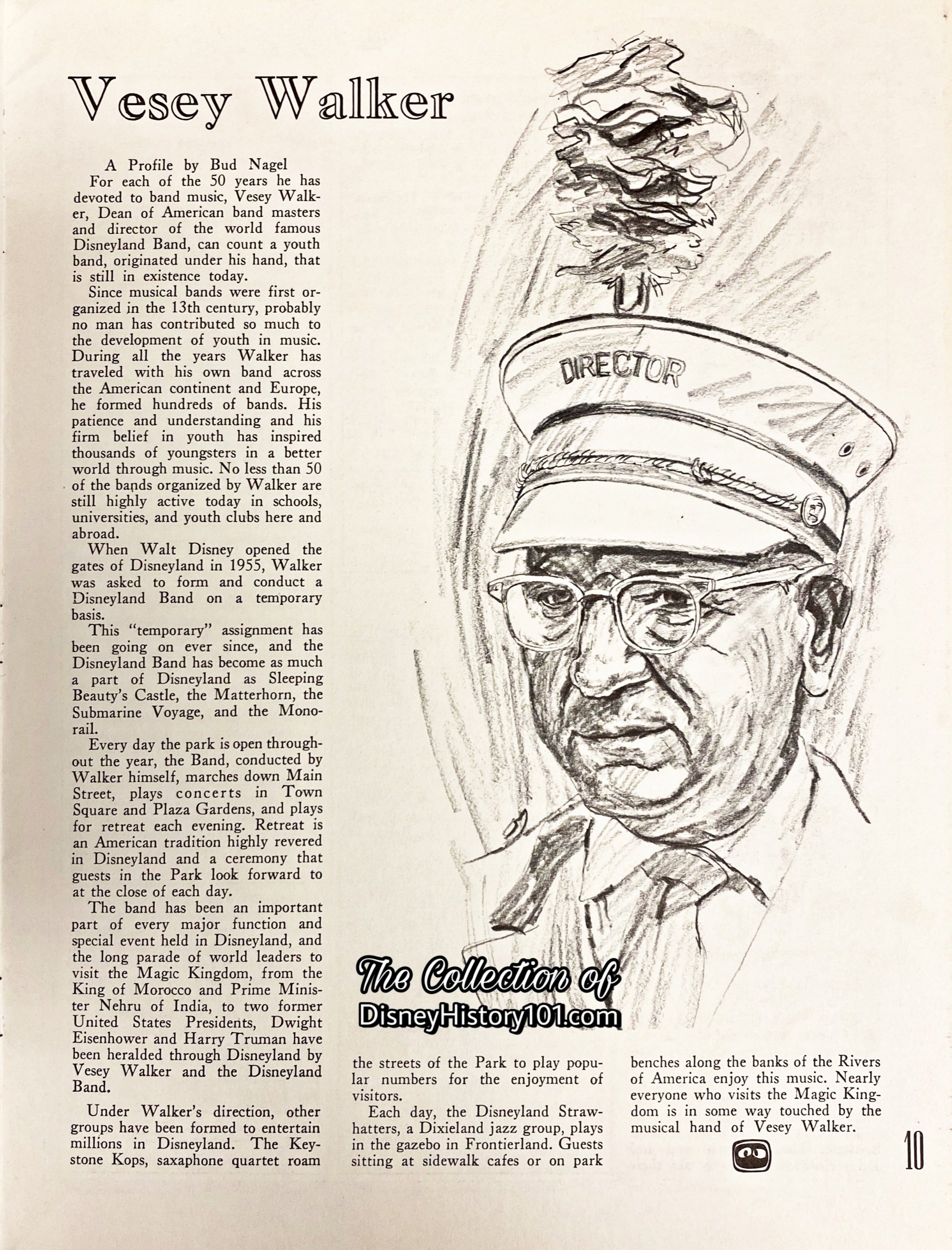

The band was well-polished by 1964, and with their audience in mind, the collective members of the Disneyland Band would become renown for performing “Dixieland, pops, marches, novelty tunes, and almost any other kind of music requested by its legion of admirers. Noted for its versatility and polish, the group has memorized more than 250 pieces and has a repertory of hundreds more,” according to Vacationland magazine (published for the Winter-Spring of 1964). The Disneyland Band also performed seasonal arrangements for their marches down Main Street (before peak attendances of Guests from around the world) during the Christmas holiday season (as during the inter of 1963). Vesey Walker and the Disneyland Band were recognizable, partially owing to appearances made in both theatrical features (like “Disneyland U.S.A.”, released December 20, 1956), and television specials (like “Disneyland ‘59,” and the 5th episode of “Meet Me At Disneyland”, airing on ABC in July of 1962).
From 1955 to 1969, “every President of the United States since 1946 except Lyndon Johnson, 15 princes and princesses, six kings, and a number of Prime Ministers and Premiers, several maharajahs, Congo Tribal Chiefs, Ambassadors, three queens, and a number of noted Russians - save one” have visited Disneyland, (according to Disney News, Fall, 1969). If Vesey Walker had “won world-wide acclaim as band leader” as the Official Guide to Disneyland (published during 1956) heralded, then such praise was only compounded by the early-to-mid-1960s!
It was common to see the Disneyland Band starring in publicity shots, as one photograph which featured 19-year old Tahitian native Tarita (Marlon Brando's co-star of Mutiny on the Bounty) marching alongside Vesey Walker. By 1964, the Disneyland Band had “performed from all 50 American states and more than 100 foreign nations. And, with Vesey holding the baton, it has greeted dignitaries ranging from King Mohammed V of Morocco to former Presidents Harry S. Truman and Dwight D. Eisenhower.” According to “Disney News” (Fall of 1964), “His most recent accolade [in 1964], and perhaps the most important, was the reaction from the nation’s bandmasters at this year’s national convention of the American Bandmaster’s Association [A.B.A., in Wisconsin] when, as he completed an appearance as guest conductor, they gave him a standing ovation.”
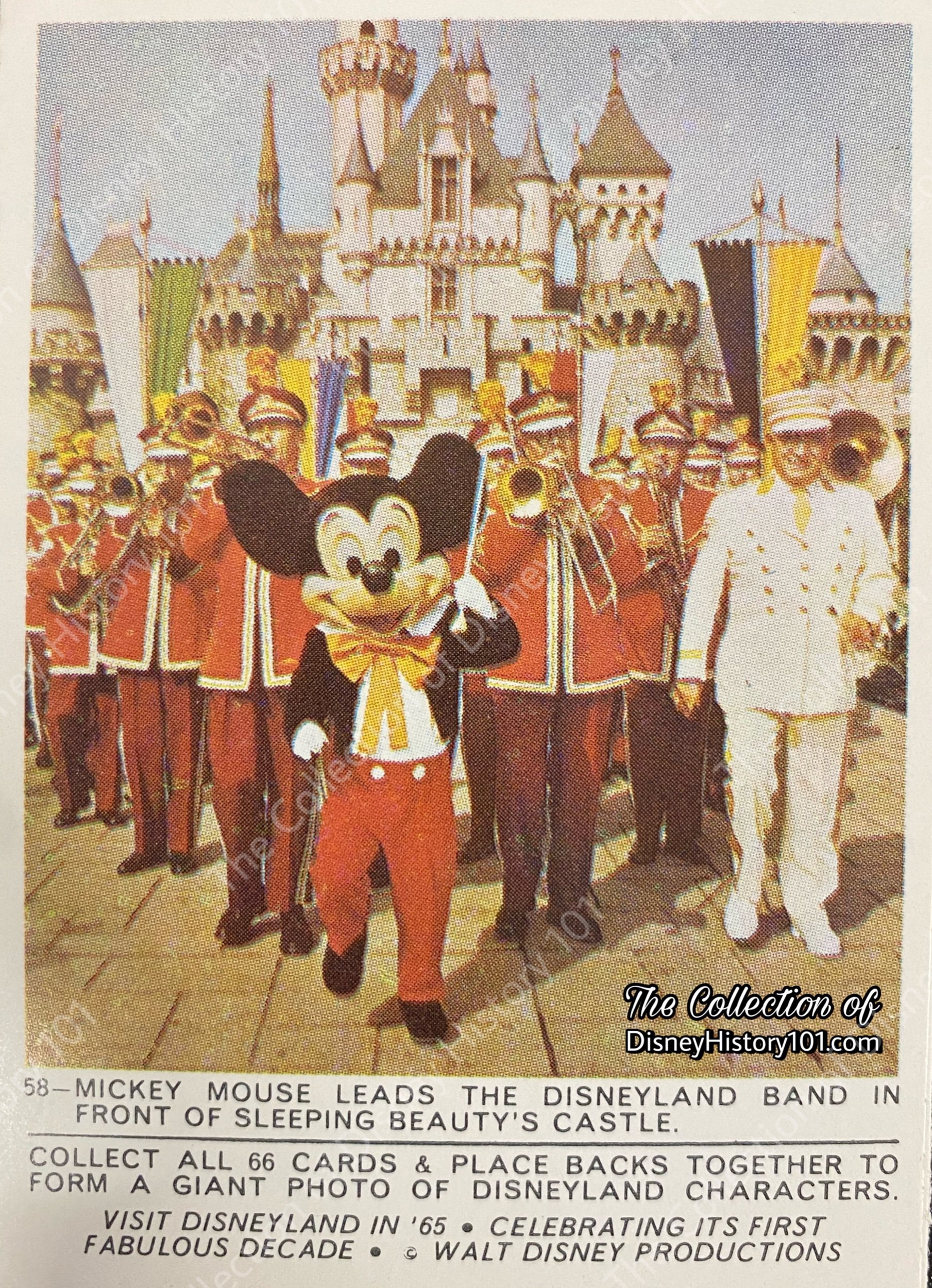
At some point around this time, Vesey fell ill. By December of 1965, Wally Boag (Backstage Disneyland Editor) noted the “Vesey Walker's remarkable recovery from an illness that would have permanently floored the average man.”[Backstage Disneyland, Vol.4 No.4]
During 1966, Vesey Walker was invited to perform (as Guest Conductor) on the I.T.R. Railway in Illinois, before being led by Mickey Mouse at a Pre-game “Walt Disney and Disneyland Salute to the California Angels” at the new Angels Stadium on Saturday, April 23rd, 1966! Vesey Walker would march with his band for two more years. From December 16, 1967 to January 1, 1968, the “famous band, under the baton of Jim Barngrover” would entertain guests in different part of the Magic Kingdom. The founding director, Vesey Walker would direct the afternoon concerts from December 24th thru 31st. Aside from the Christmas Parades, the band would “march through the different lands and play small concerts.” The Disneyland Marching Band performed sets at the General Electric Carousel, Small World, around Fantasyland, aboard the Mark Twain, and with the new Jungle Book Parade that occurred in Adventureland. On January 1st, 1968, the Disneyland Marching Band appeared in the Tournament of Roses Parade, “in conjunction with the Helm’s Bakery float, ‘The Wonderful World of Walt Disney.’” [“Disneyland Holiday Talent Master Schedule,” prepared for the period of December 16, 1967 through January 1, 1968].
When Vesey wasn’t directing the Disneyland Marching Band, he periodically enjoyed competing in periodic D.R.C. sponsored golf tournaments against fellow Disneylanders like Ray Van De Warker, in his leisure time. This he did until his retirement in 1968.
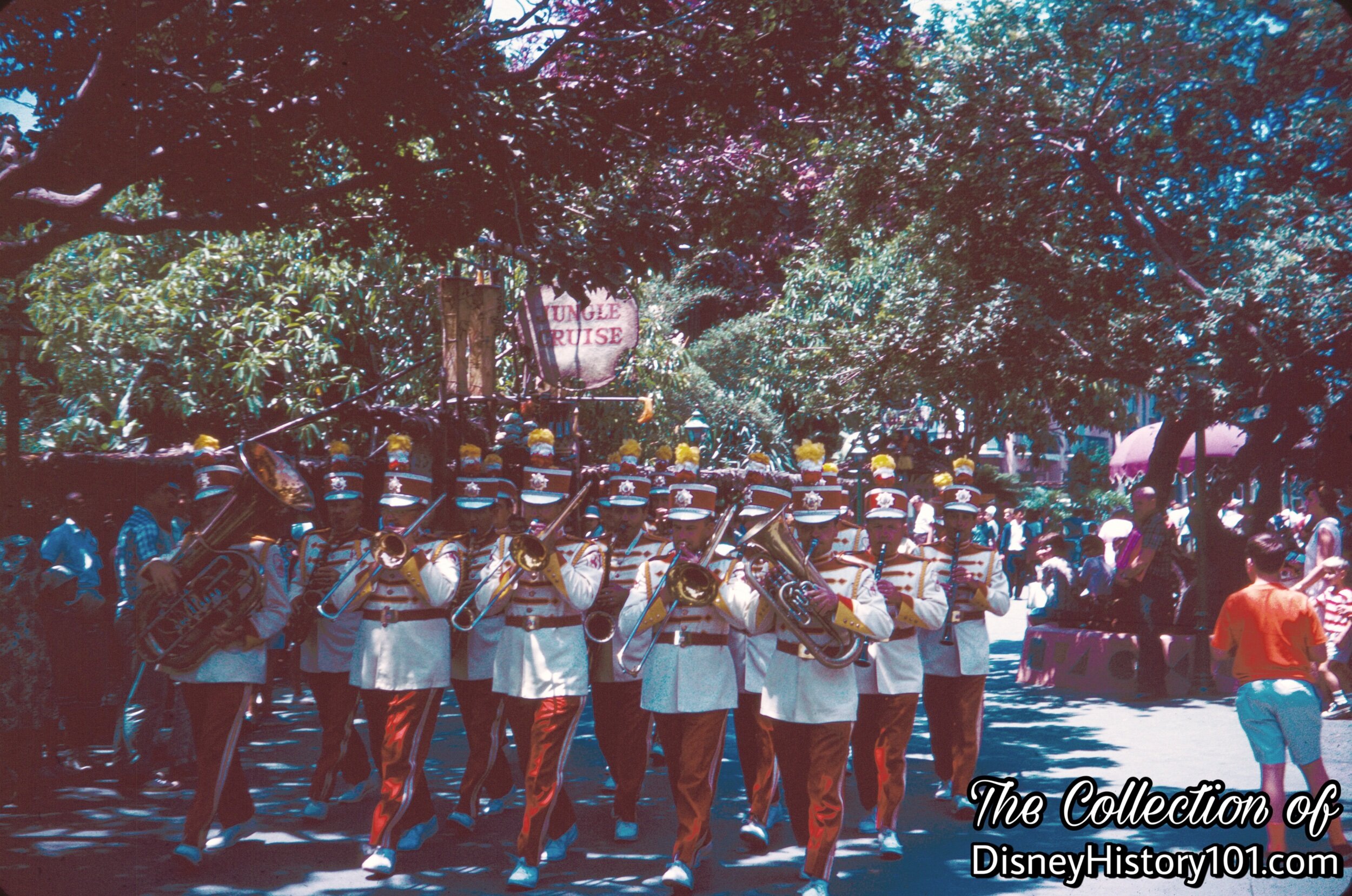
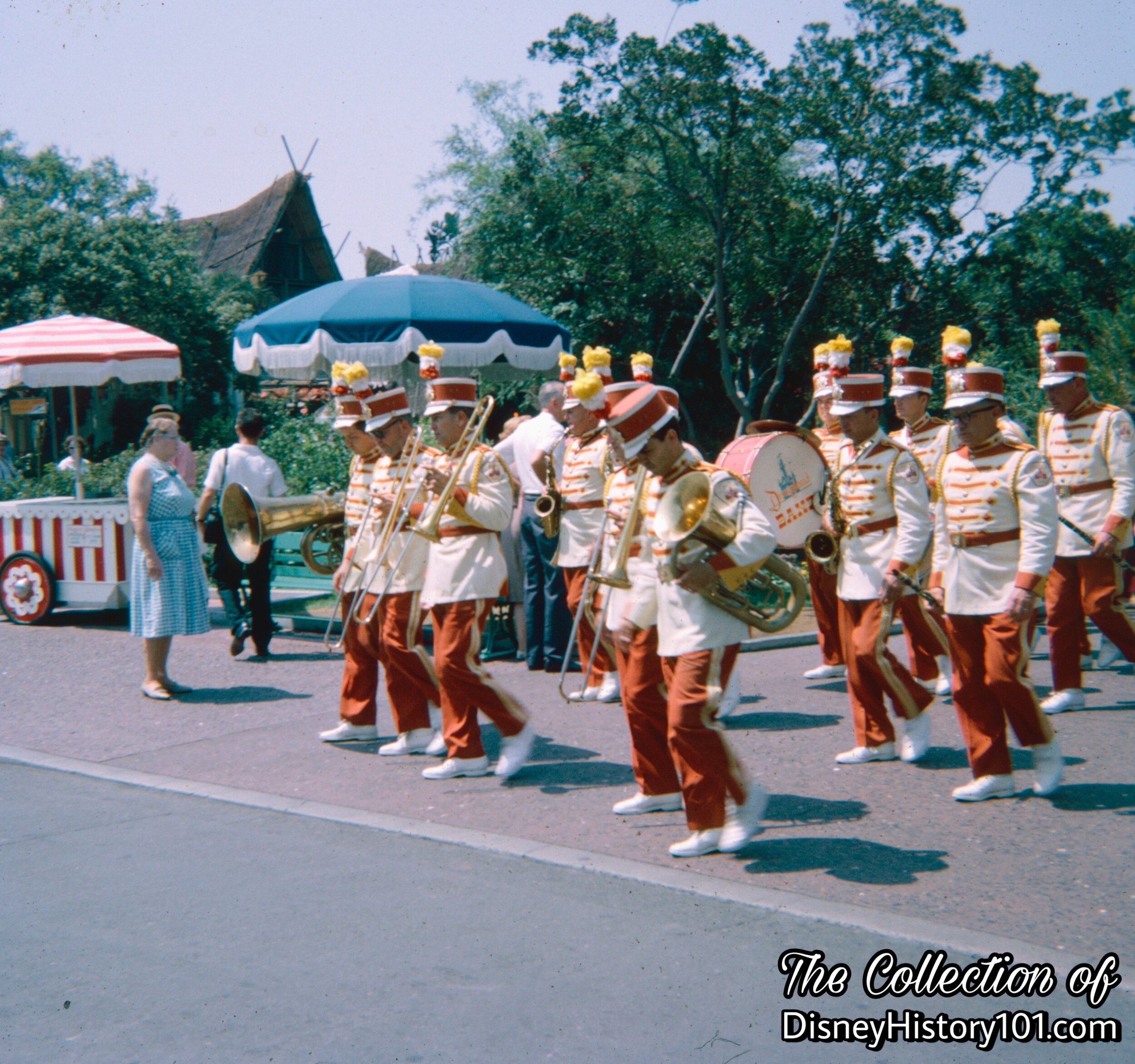
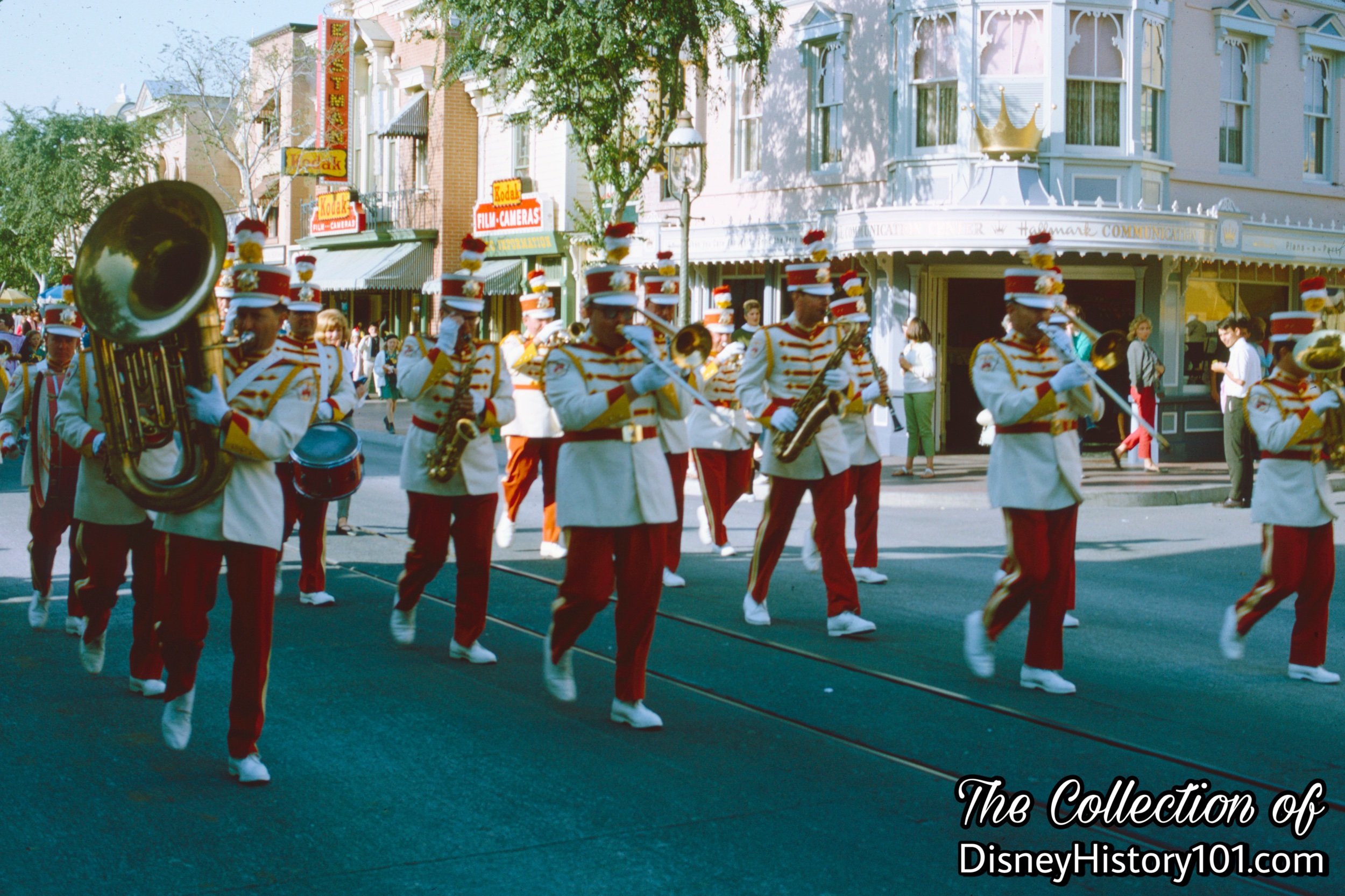
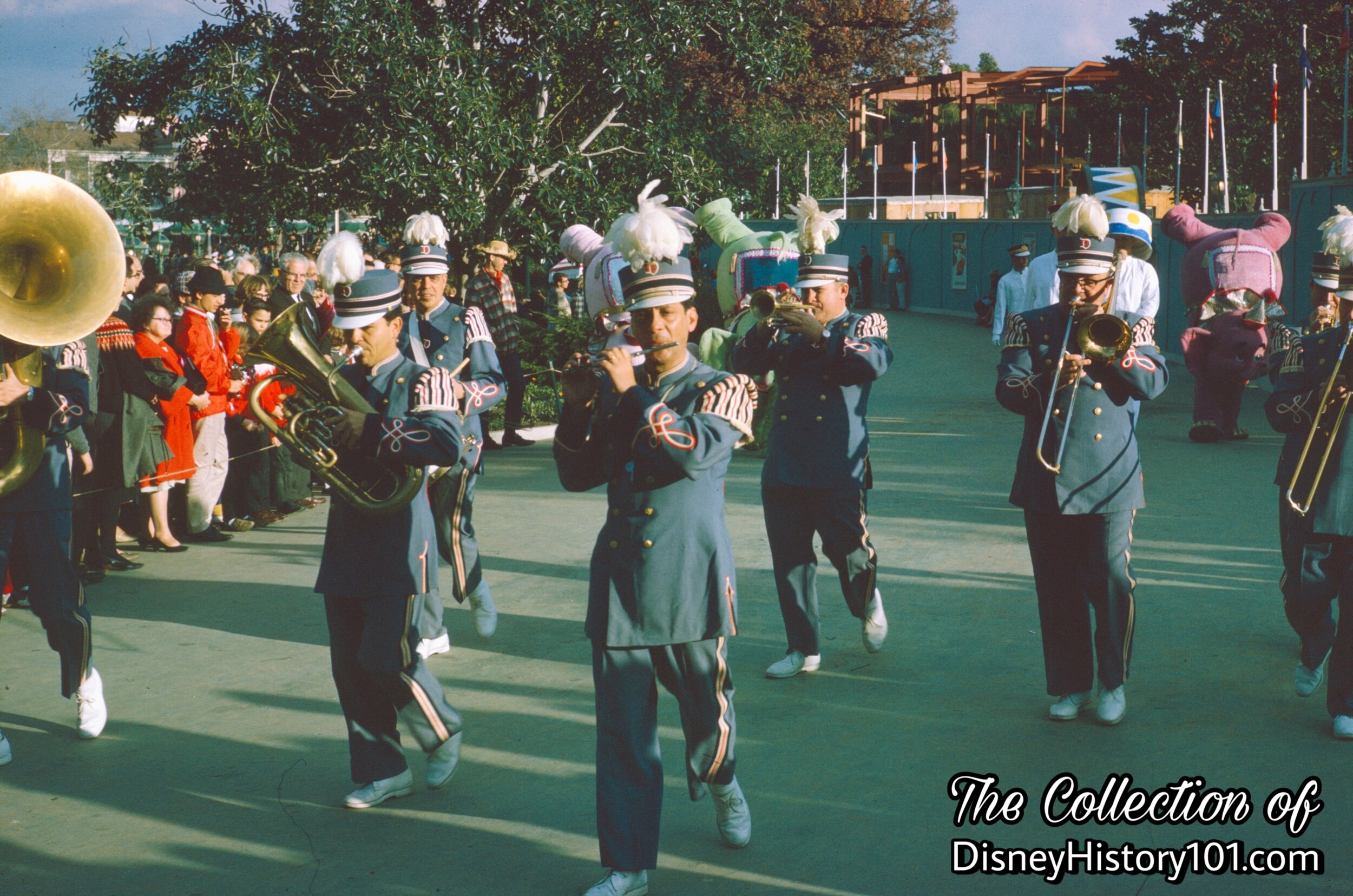
The Disneyland Band donned their old red, white and blue uniforms that they once wore during Disneyland’s first year of operation.
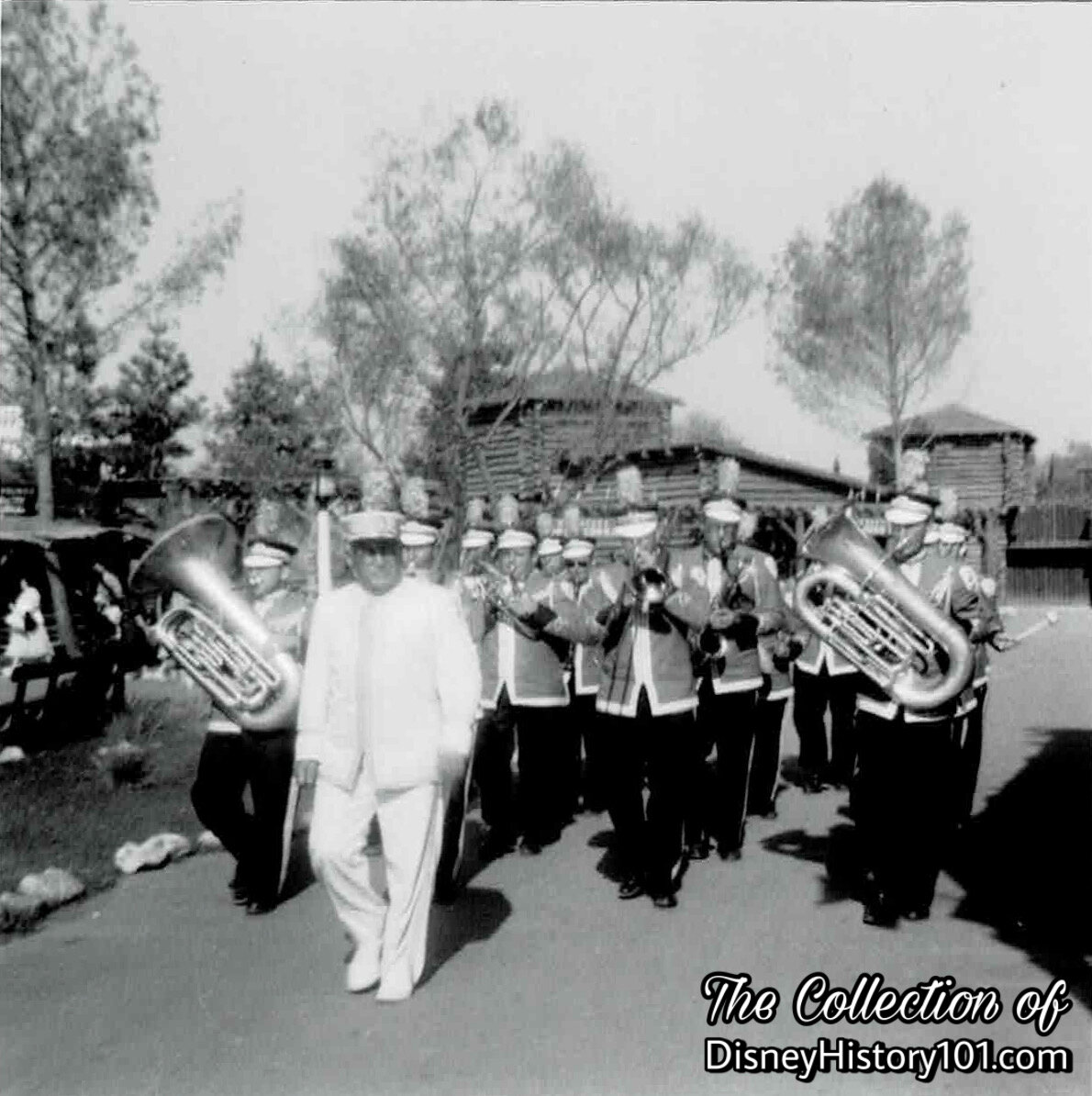
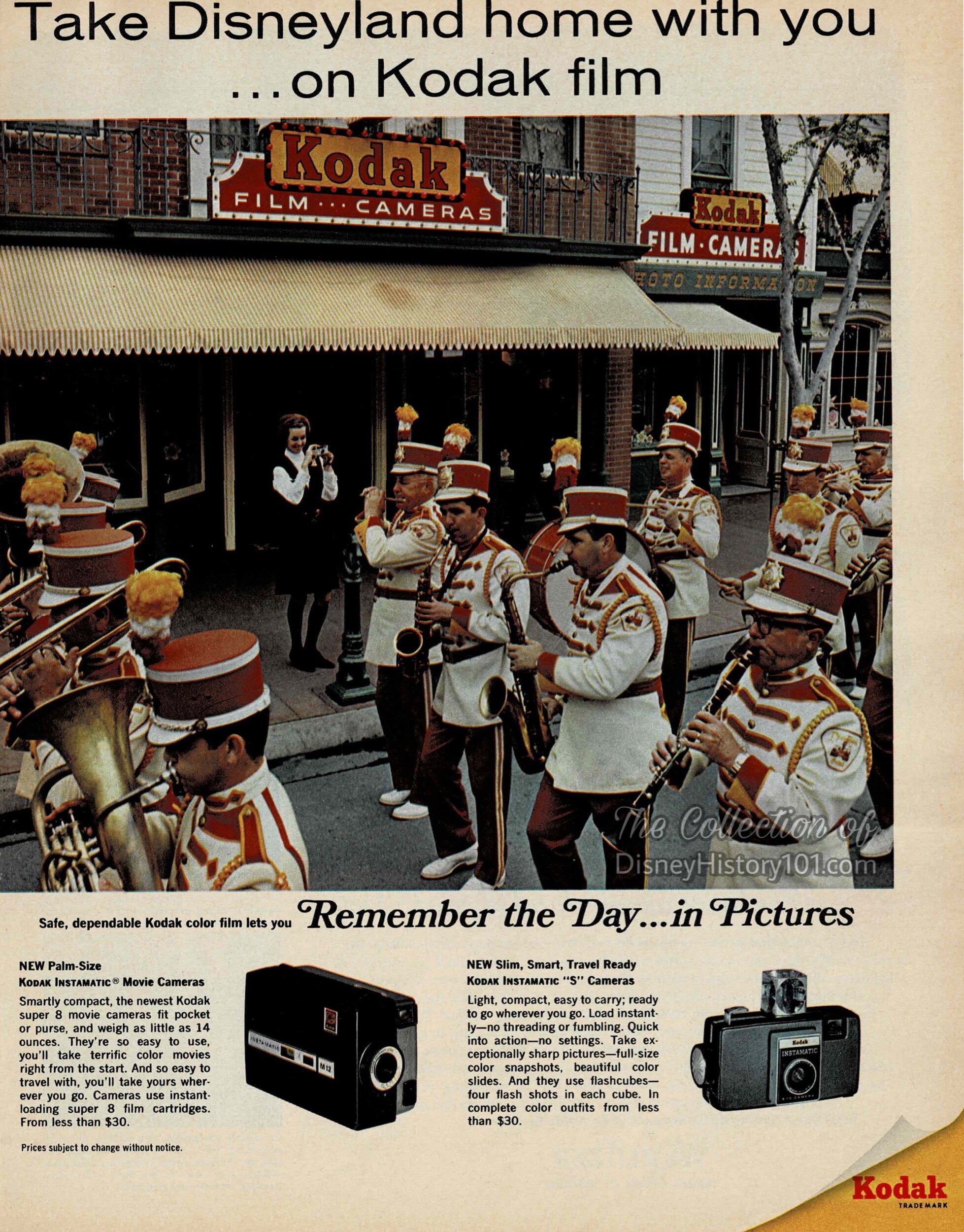
As several models of KODAK Instamatic camera models were available for rental, guests captured an abundance of Disneyland Band memories during this era.
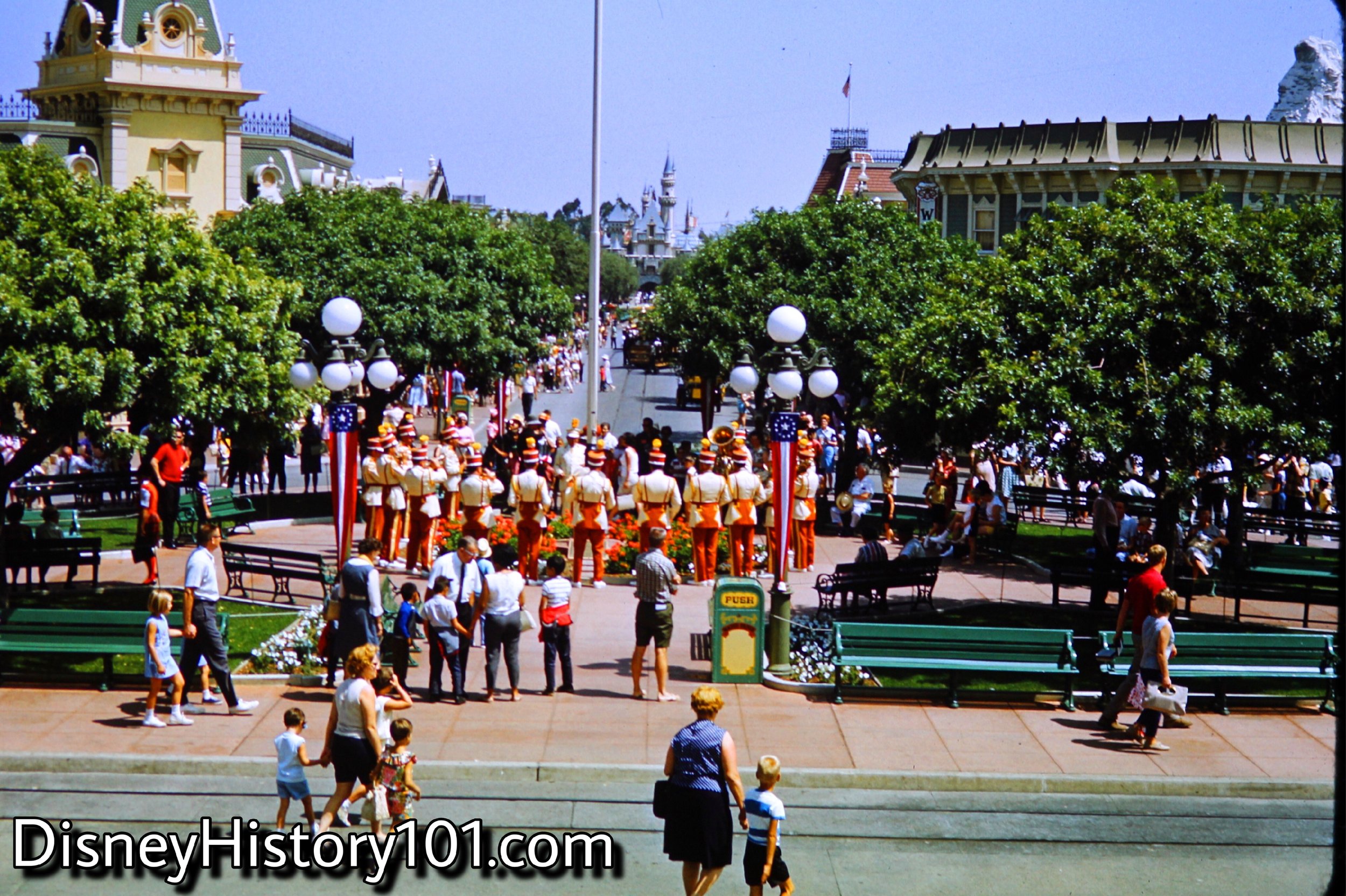
The Disneyland Band looked most “at home” assembled around the Flag in Main Street USA’s Town Square.
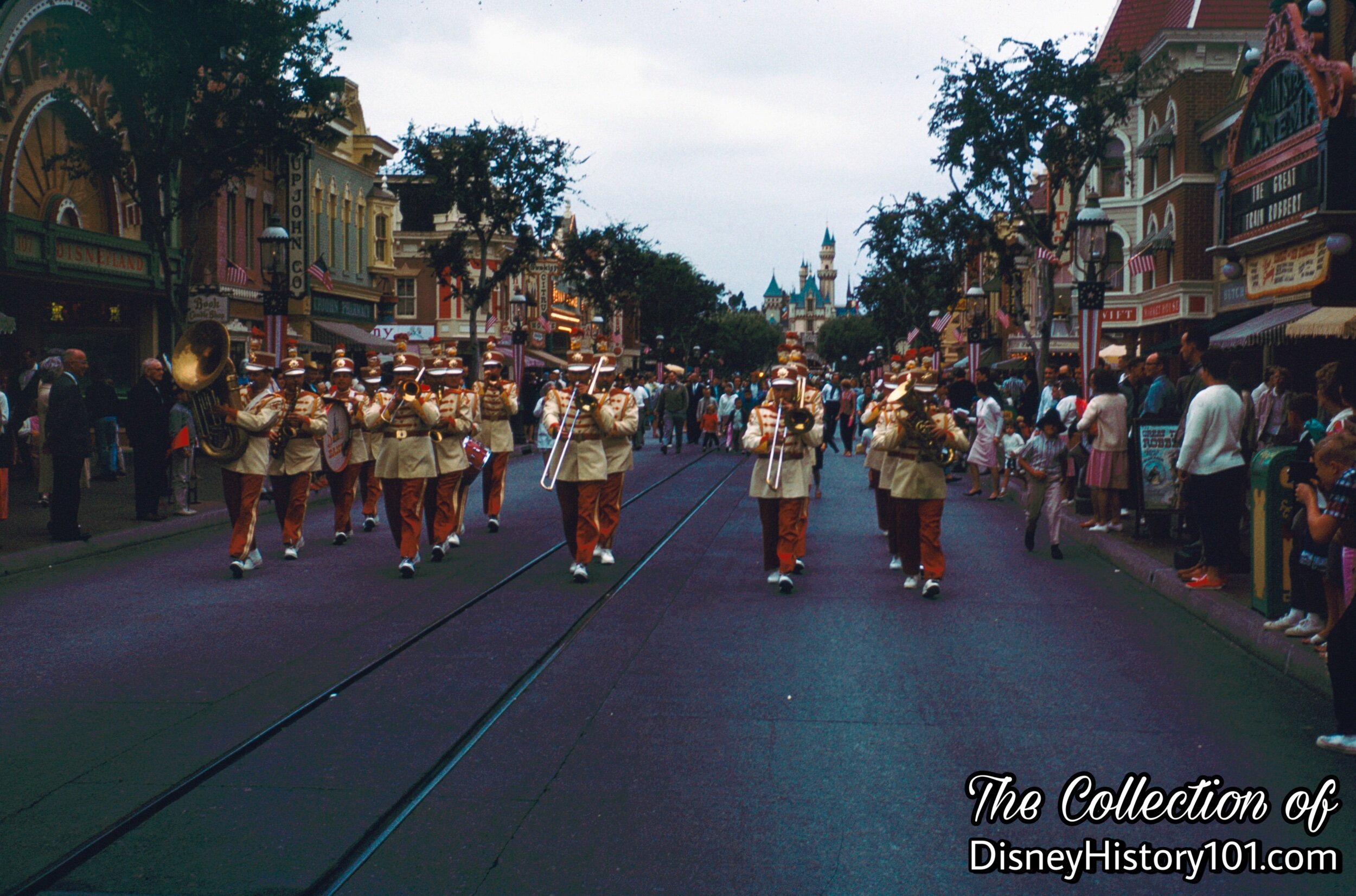
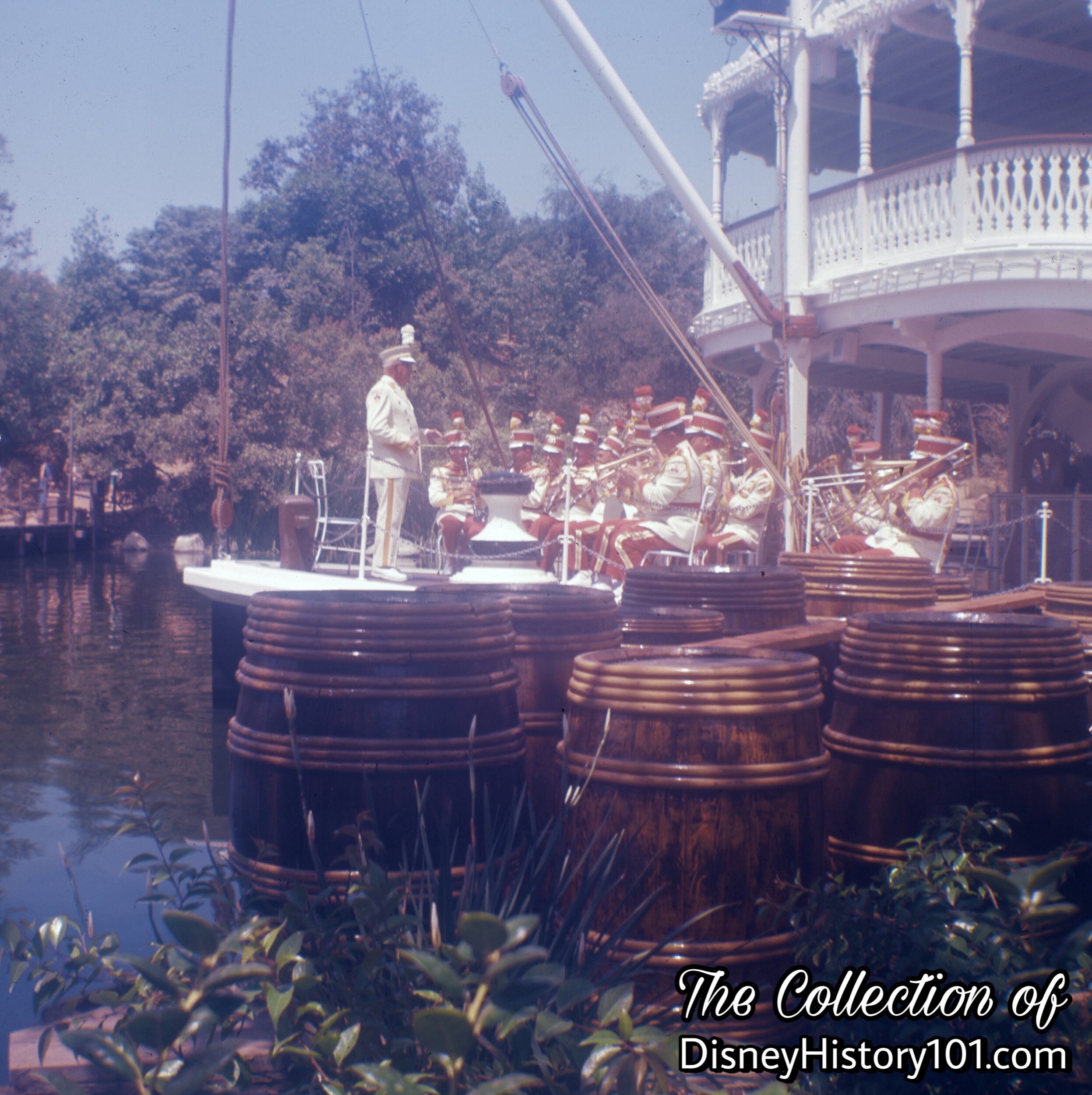

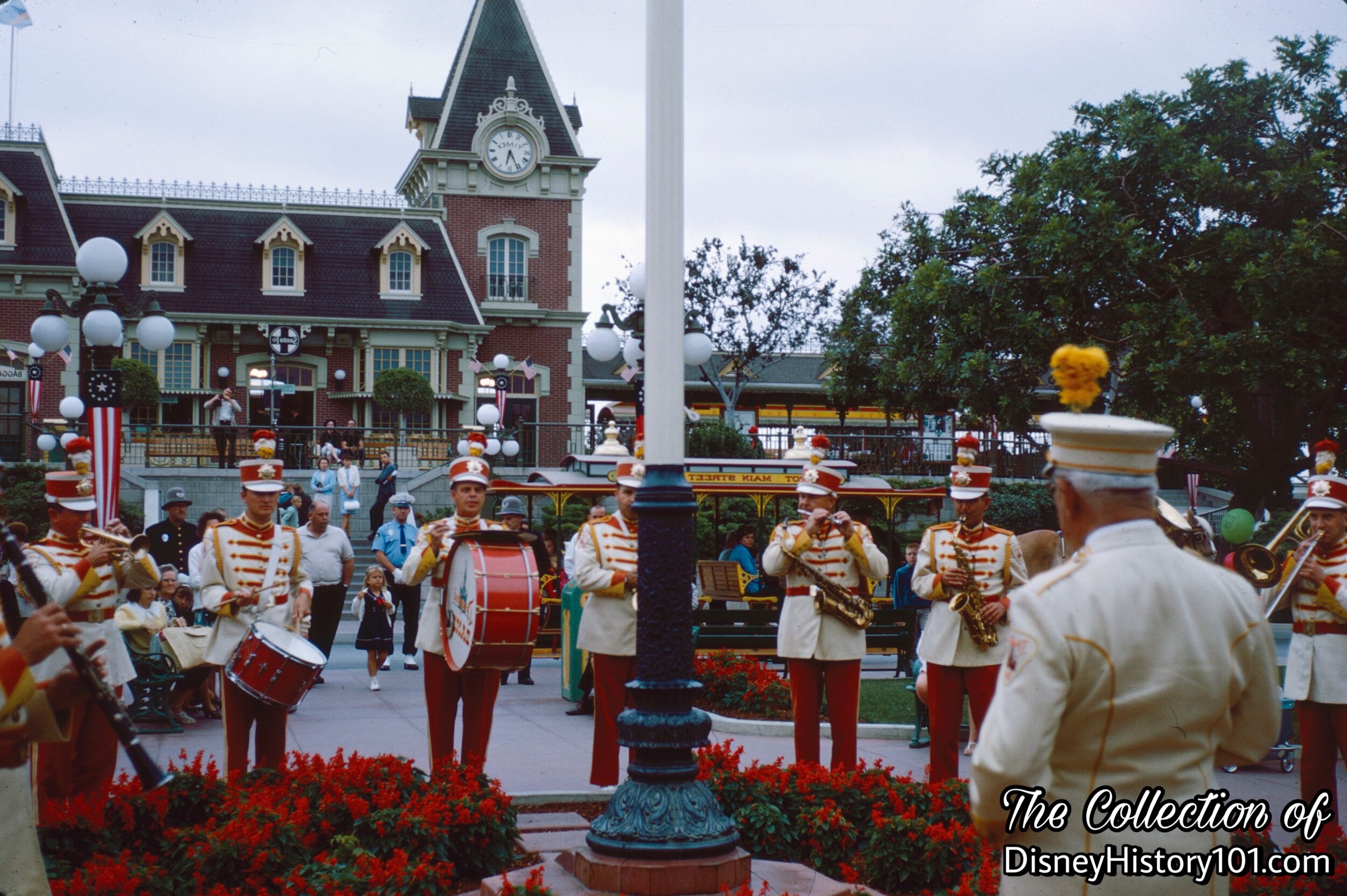
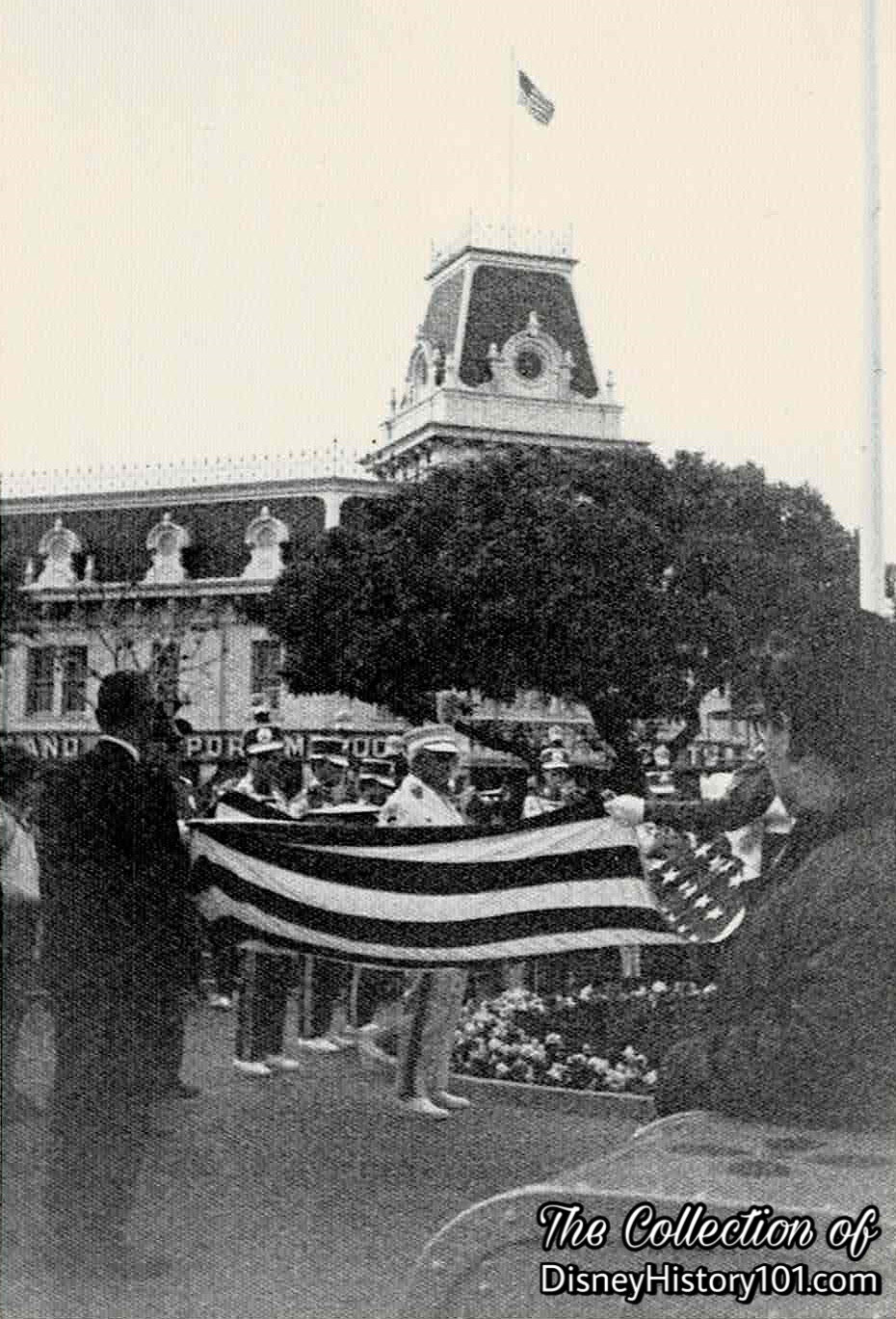
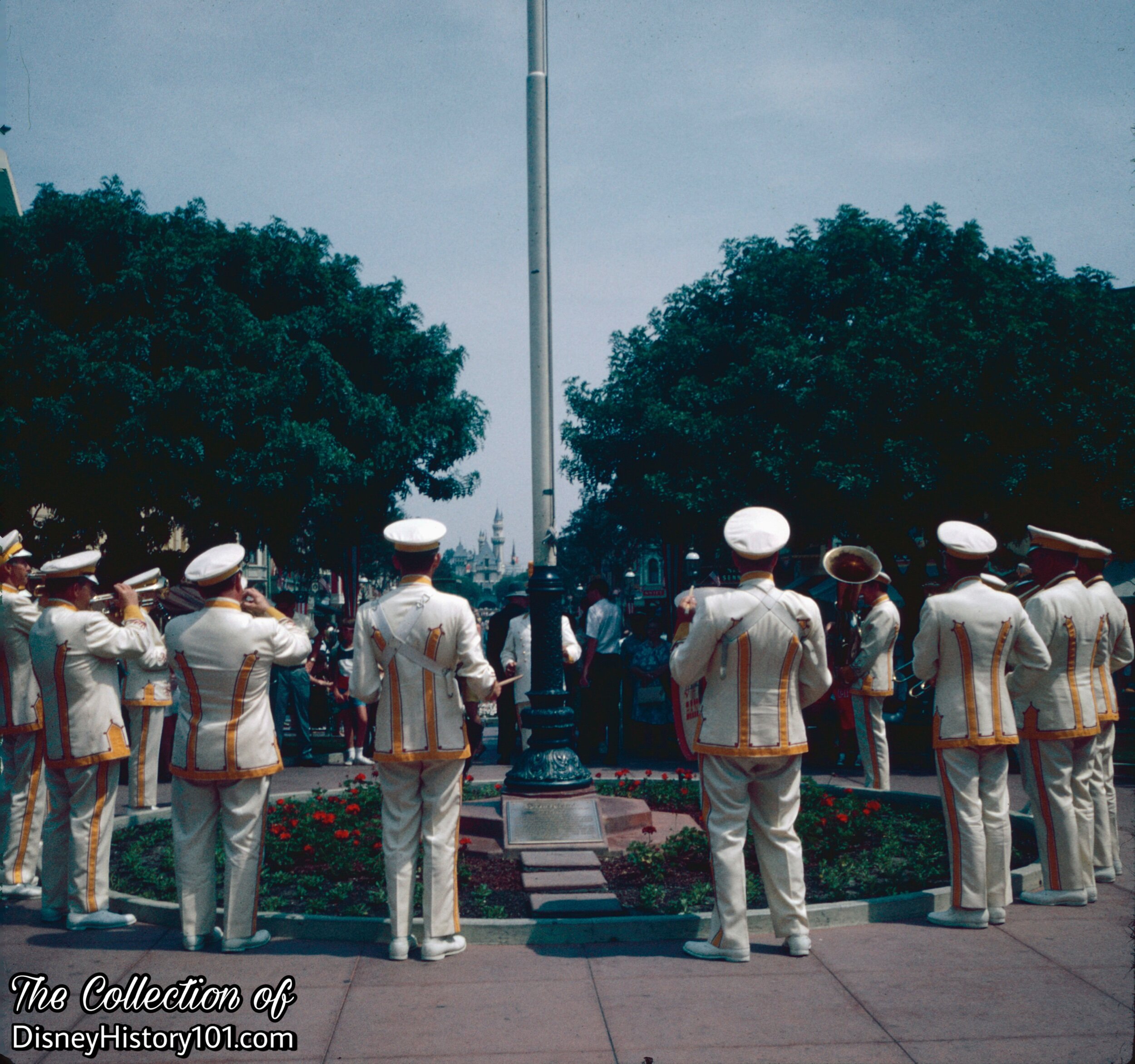
The Disneyland Marching Band took part in numerous Flag Retreat Ceremonies. During later winter seasons, they were occasionally joined by the Disneyland Christmas Carolers (under the direction of Dr. Charles C. Hirt and lead by Mr. Robert G. Hasty), from December 16th, 1967 thru January 1st, 1968. [“Disneyland Holiday Talent Master Schedule,” prepared for the period of December 16, 1967 through January 1, 1968]
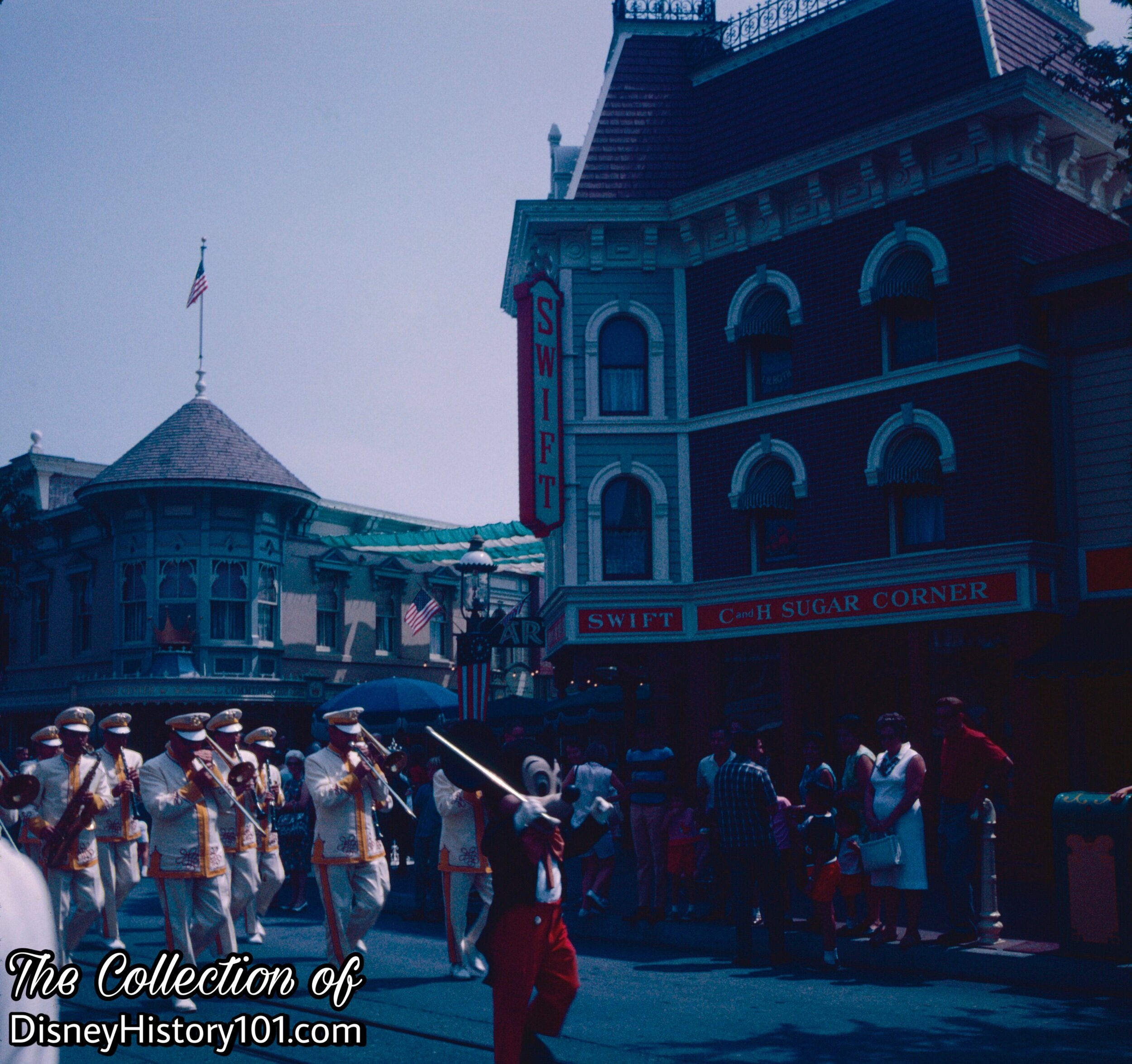
Guests line the crowded streets for the afternoon parade lead by Mickey Mouse and the Disneyland Marching Band.
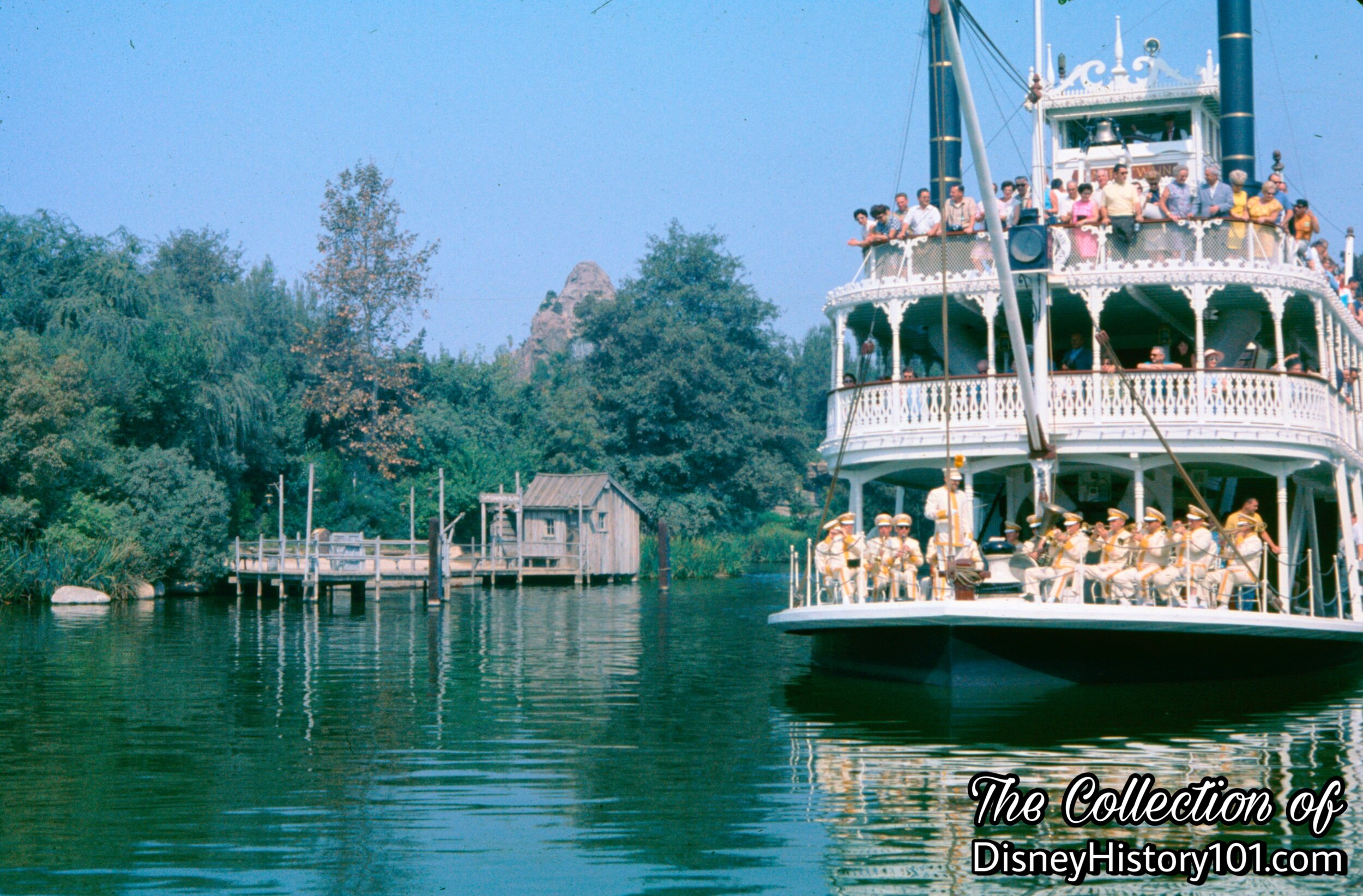

With Vesey announcing his retirement in 1968, the Disneyland Band members would need direction, but the choice was not difficult. By 1968, the second Disneyland Band Director (and Vesey Walker’s successor) was distinguished by his Performance Excellence, and selected - Jim (or, James) Christensen. Jim had been “a staff arranger and trombonist with the West Point Band and director of the prize winning University of Wisconsin Marching Band. Prior assignments as arranger-conductor in television, radio, records, commercials, and road show productions resulted in nation-wide acclaim” for Jim Christensen. Not withstanding this impressive resume, Jim also become an Assistant Director to the Disneyland Band during Vesey’s era, even directing the (then 17-piece) band for the recording the 16 tracks of “The Disneyland Band” (a record album published 1969, by Vista Records). A number of popular selections from “Walt Disney’s Jungle Book” and “Walt Disney’s Mary Poppins” were among the album’s tracks. These were also performed by Director James Christensen (on Woodwinds), Bud Smith, Francis P., Al F., Dick S., Joe Miller, D. Baker (on Trumpets), Herman T., Joe, Warren Gale, Ed Erickson (on Trombones), Assistant Director Jim Barngrover, Robbie Robinson, Don Gustafson (on Baritone), George Werner (on Tuba), Randy Anglin (on Percussion), and George Richter, and John Whited.
As to the 15-year anniversary, coronet player and Staff Arranger Ted Tracey remembered “My most memorable experience was the 15-year Anniversary... I felt like I was one of the family.”
Jim Christensen was capable to serve as Director to the Disneyland Band, as well as “composer-arranger-conductor” for the band. By the summer of 1973, the Disneyland Band was performing popular songs (as the “Mary Poppins Medley,” “Grim Grinning Ghosts,” the Circlevision theme “America the Beautiful,” and “The Old Home Guard” the latter arranged by Sonny Anderson) Tuesday thru Sunday. Songs performed also included Jim’s original compositions - “Clarinet Party” and “Trombone Concepts.” By this same time (1973), the Disneyland Marching Band was (again) a 20-piece band (with new snare and bass drummer Joe Shaw), had marched (rank and file) at last 2,000 miles, and performed over 5,000 concerts.
The band was still a Park Wide Atmosphere Band. Their daily schedule (around November 26, 1972 - December 15, 1972) included (1) a Main Street Parade & Town Square Concert, (2) a Parade through Frontierland, Mark Twain Concert, Adventureland, Castle Concert; exit Tomorrowland, (3) Character Parade, (4) Concert in Plaza Gardens, (5) breaking into Strawhatters, Keystone Kops, Polka Band, Town Band, (6) Retreat, Town Square, and (7) another Character Parade.
Jim Christensen would move on to serve as Director of Bands for Disneyland and Walt Disney World Band. As mentioned, during this time, the Disneyland Band’s Assistant Director role would be filled by (another Jim) Jim Barngrover Jr. (a Disneyland Band trombonist of Vesey Walker’s era). A few years later (during the summer of 1977), Stanford (Stan) Freese would Direct the 20 virtuosos of the Disneyland Band, to play ragtime and contemporary tunes (ranging from those of the Beatles to Harry James and Glenn Miller). Stan would become Walt Disney World Assistant Band Director.
Then, on Friday, November 11, 1977, Vesey Walker (the founder of the Disneyland Band) passed at the age of 84. For all the joy he brought to Disneyland guests for fifteen years, he would be mourned by millions who had the pleasure of meeting him or at the very least had watched him perform.
Jim Christensen would go on to conduct the Disneyland Band for twelve years, until his final performance for the first “Disneyland’s 25th Birthday Parade,” (held just before his retirement from Disneyland in 1980).
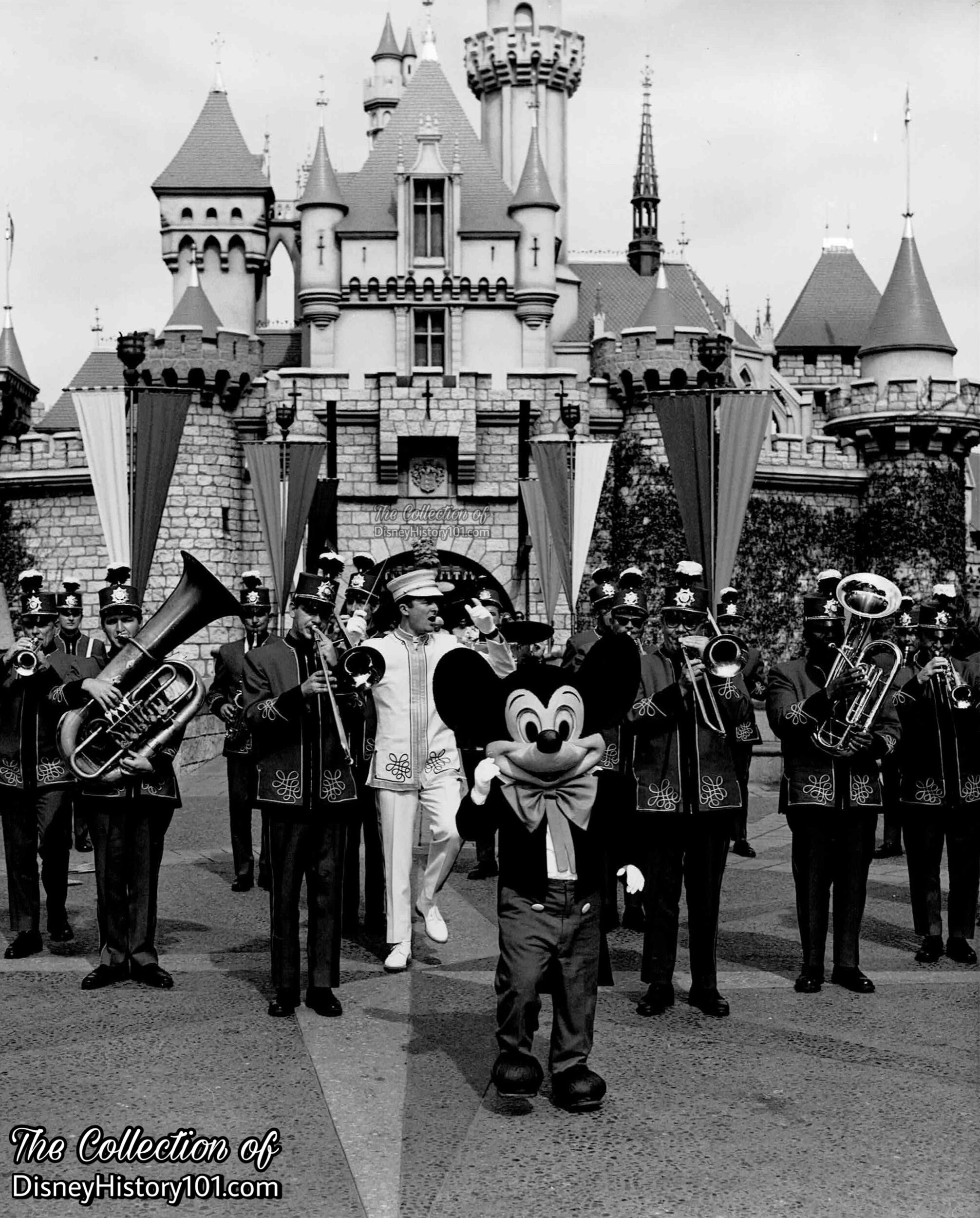
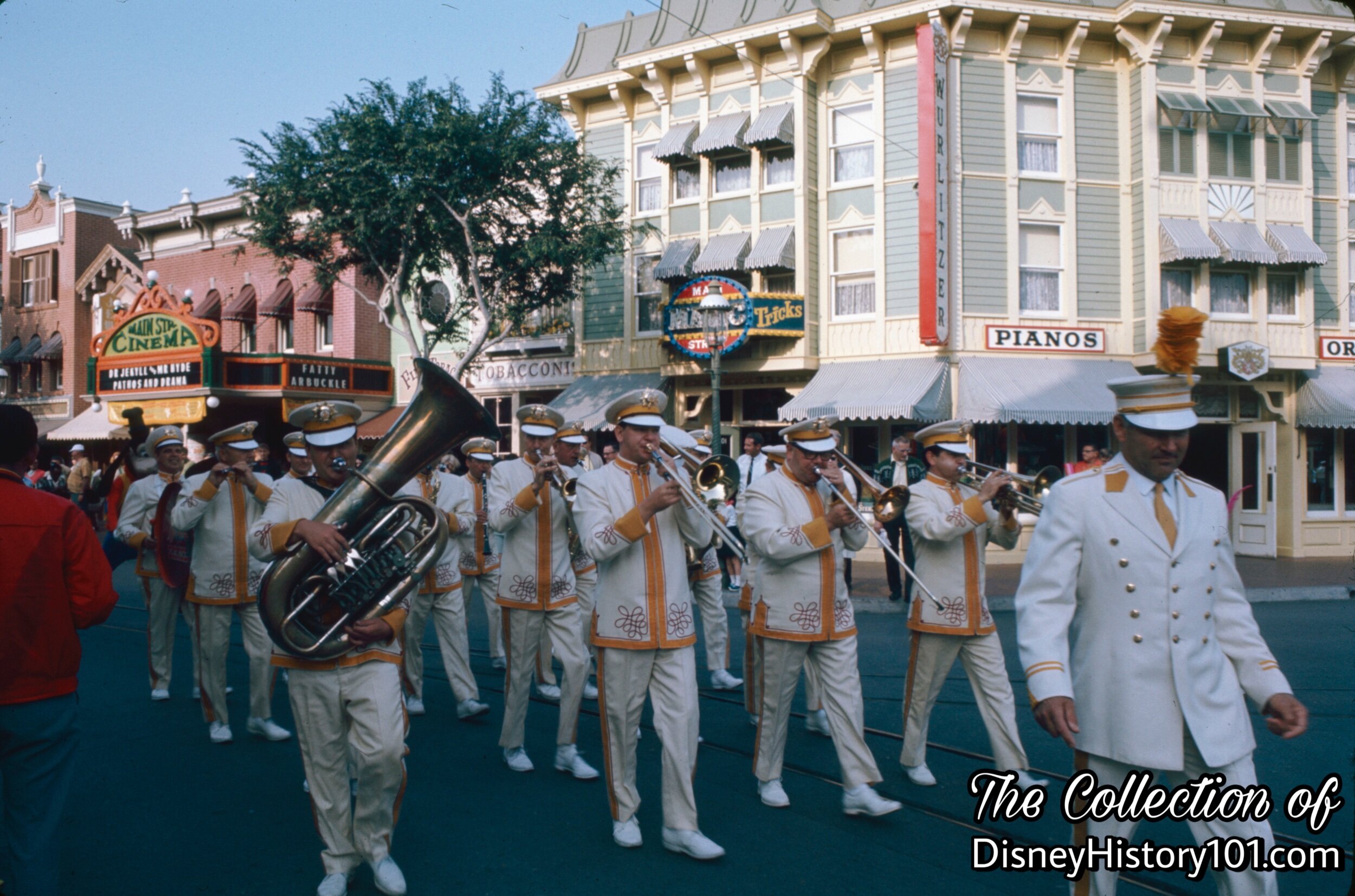
By this time, the Disneyland Band uniforms would differ depending on the season. “dressed in smart white (summer) or deep crimson (winter) uniforms the band salutes each new day at the Magic Kingdom with a vibrant and music filled march down Main Street U.S.A.” according to “The Disneyland Band” record album (published 1969, by Vista records).

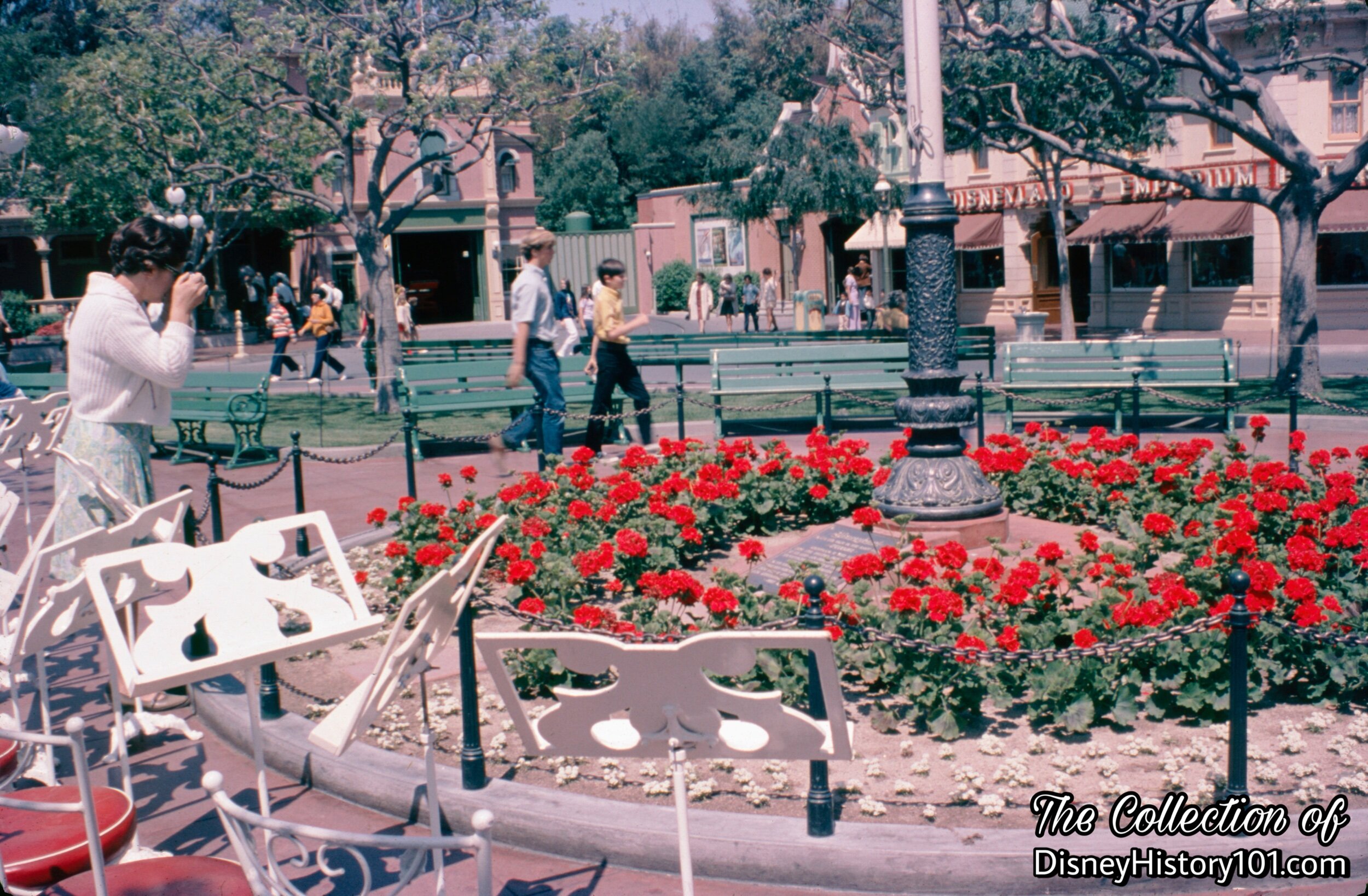
Music stands were pre-arranged in picturesque Main Street U.S.A.’s Town Square, where benches offered guests a view of the Disneyland Marching Band’s morning performances. The Disneyland Band never sat, but always stood during the Flag Retreat Ceremony in the afternoon.
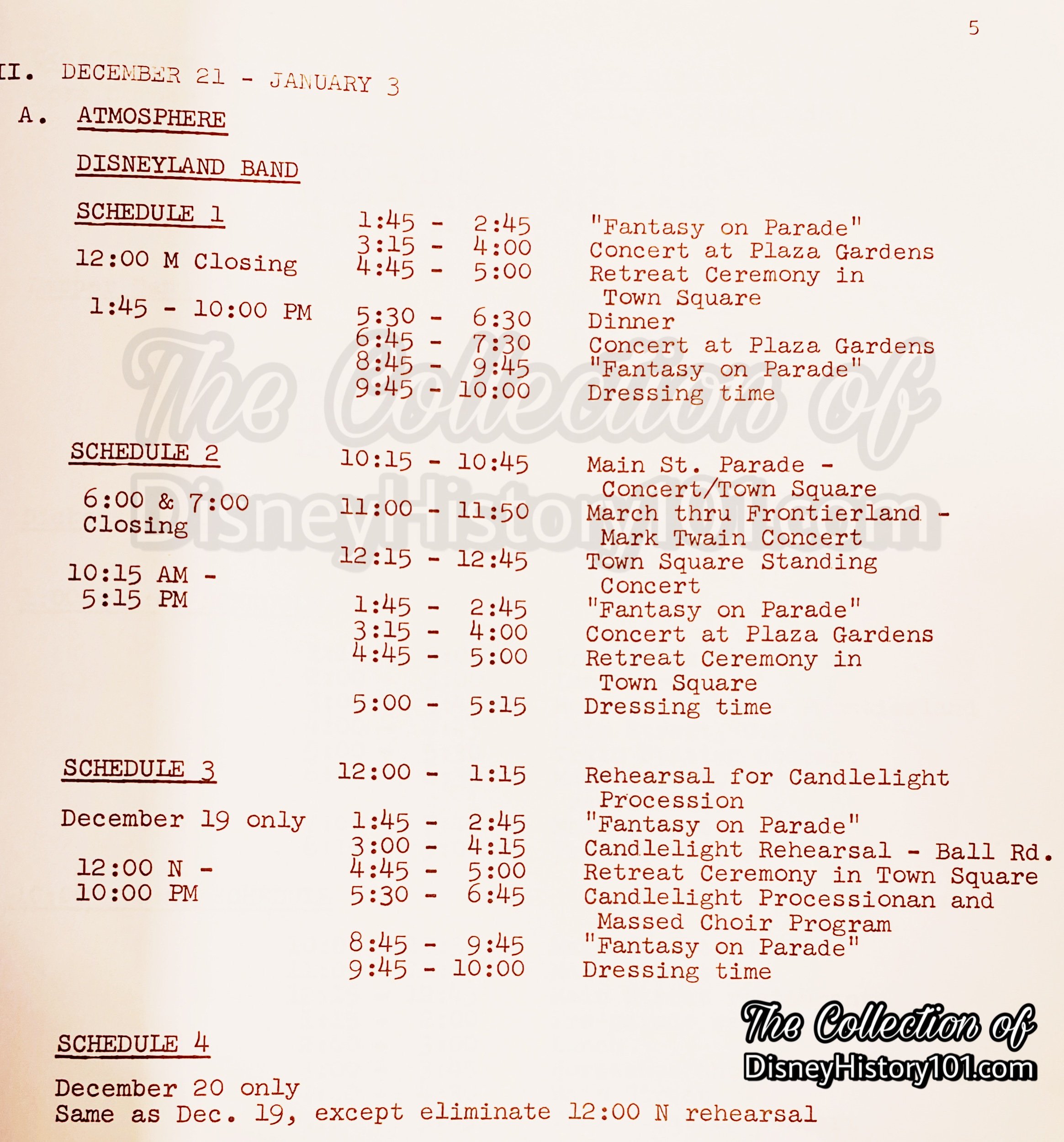
By 1972-1973, the Disneyland Band provided atmosphere to different areas of the Park, on four schedules.
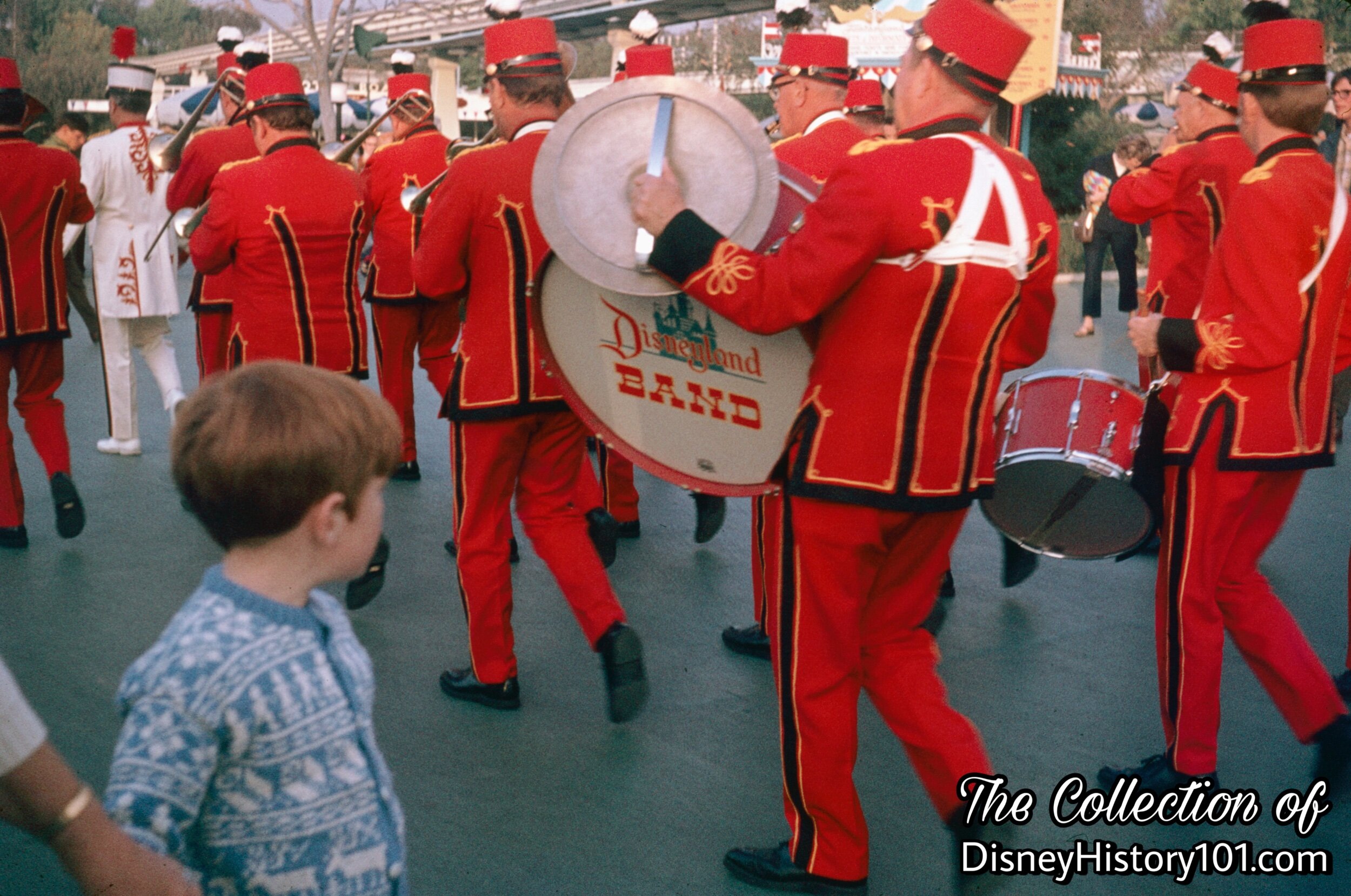
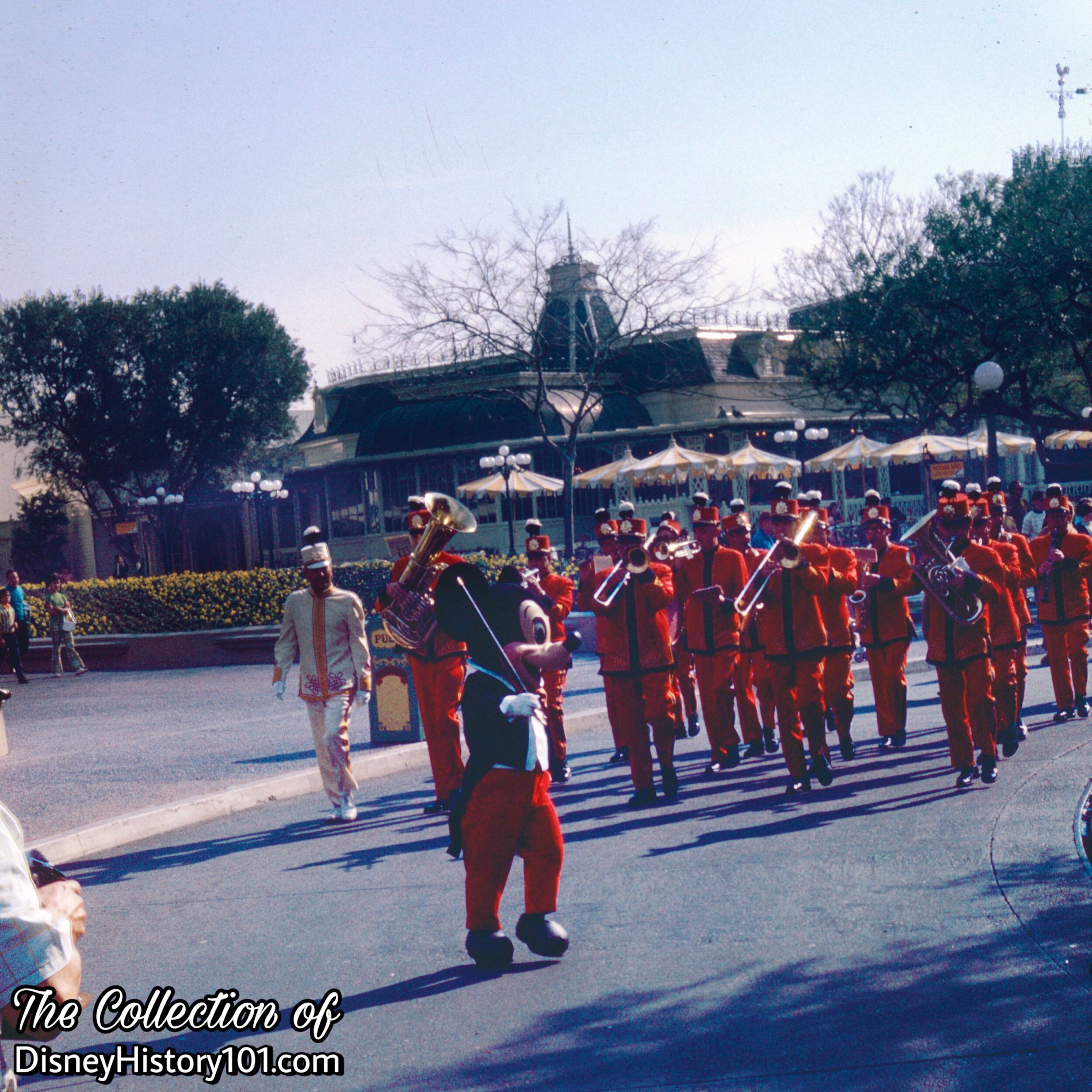
Who’s the leader of the band? Mickey Mouse was known for leading processions down Main Street U.S.A. and around the Plaza, before heading toward Town Square, and taking time to interact with guests!
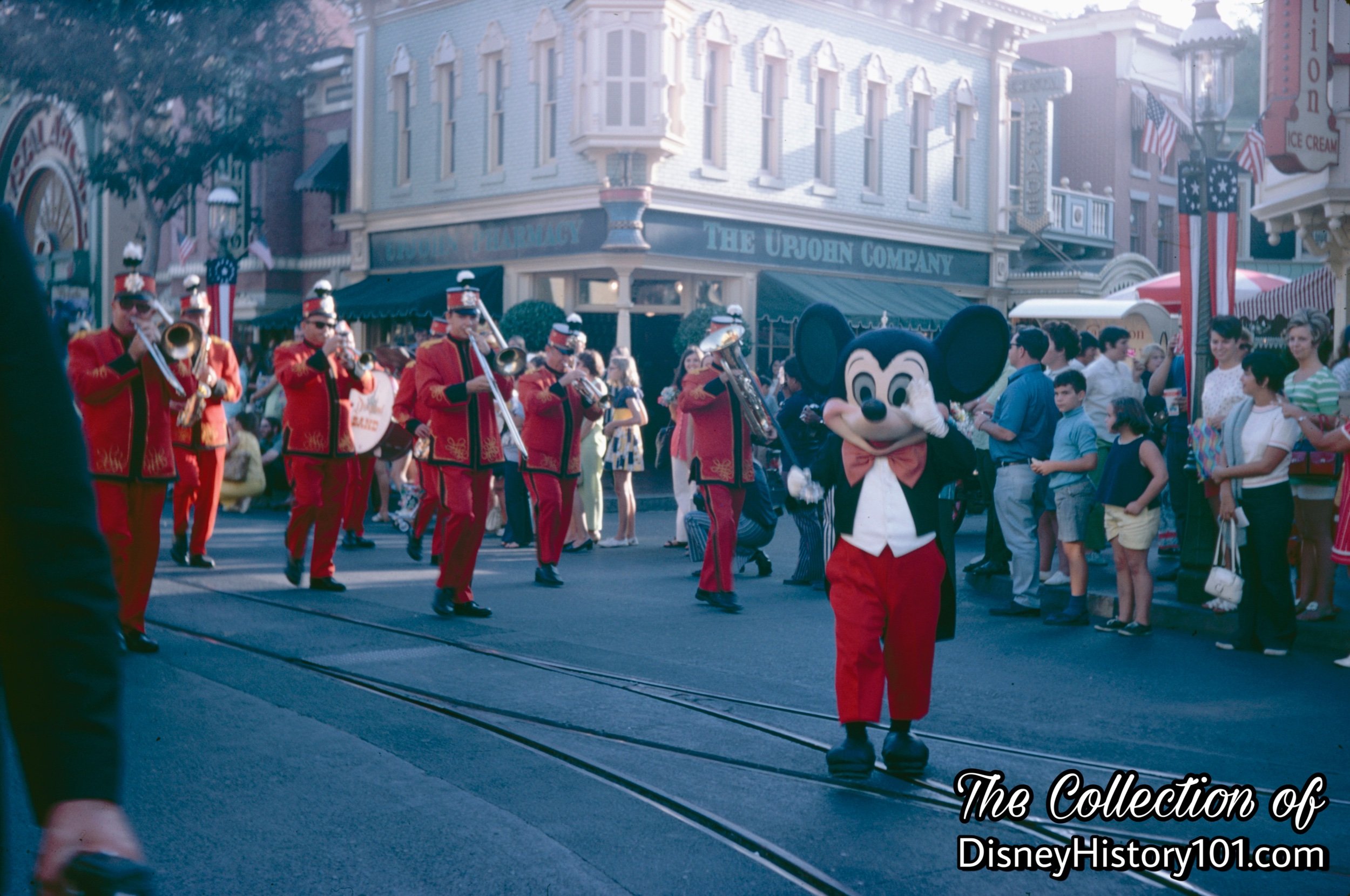
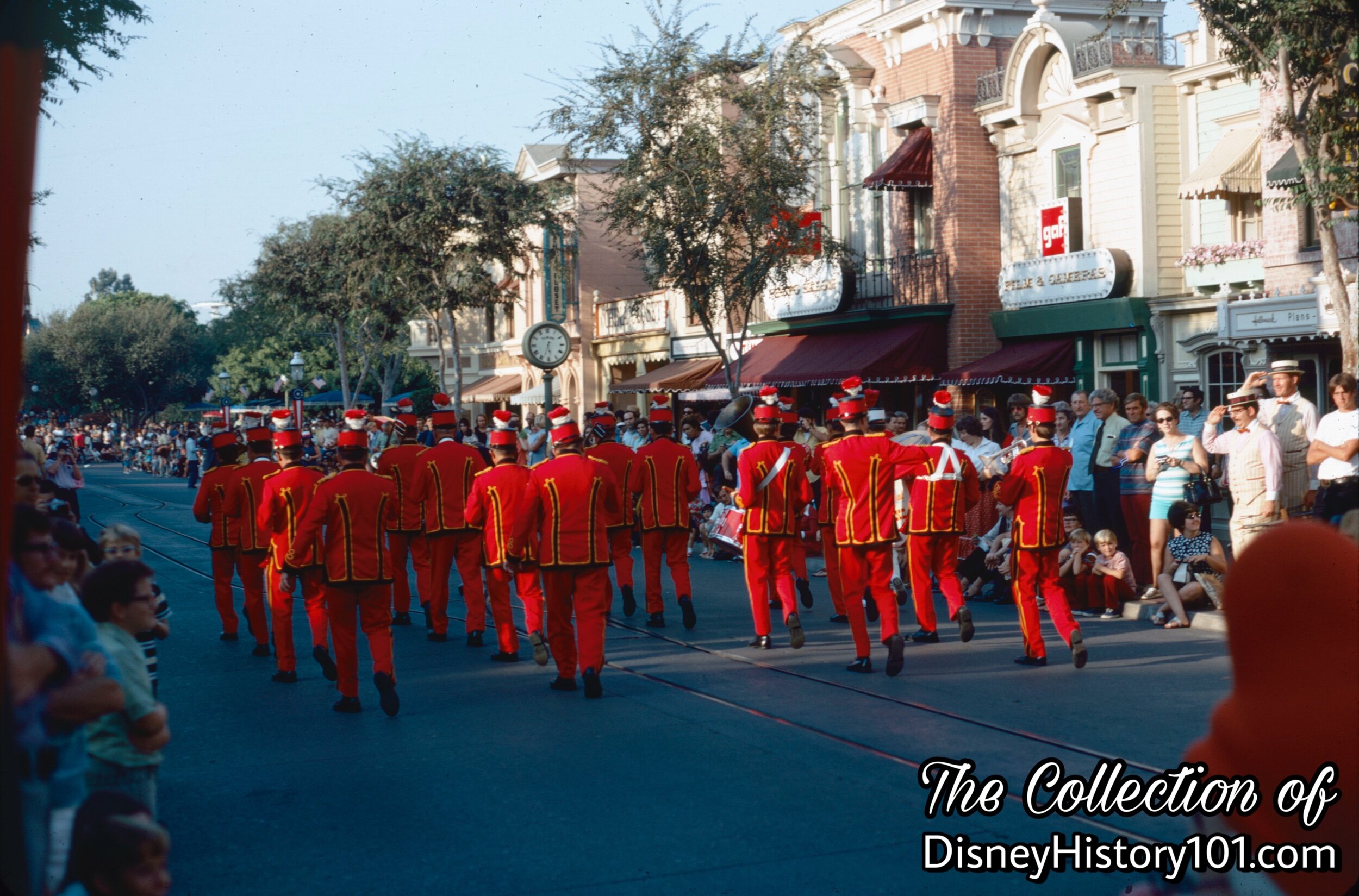
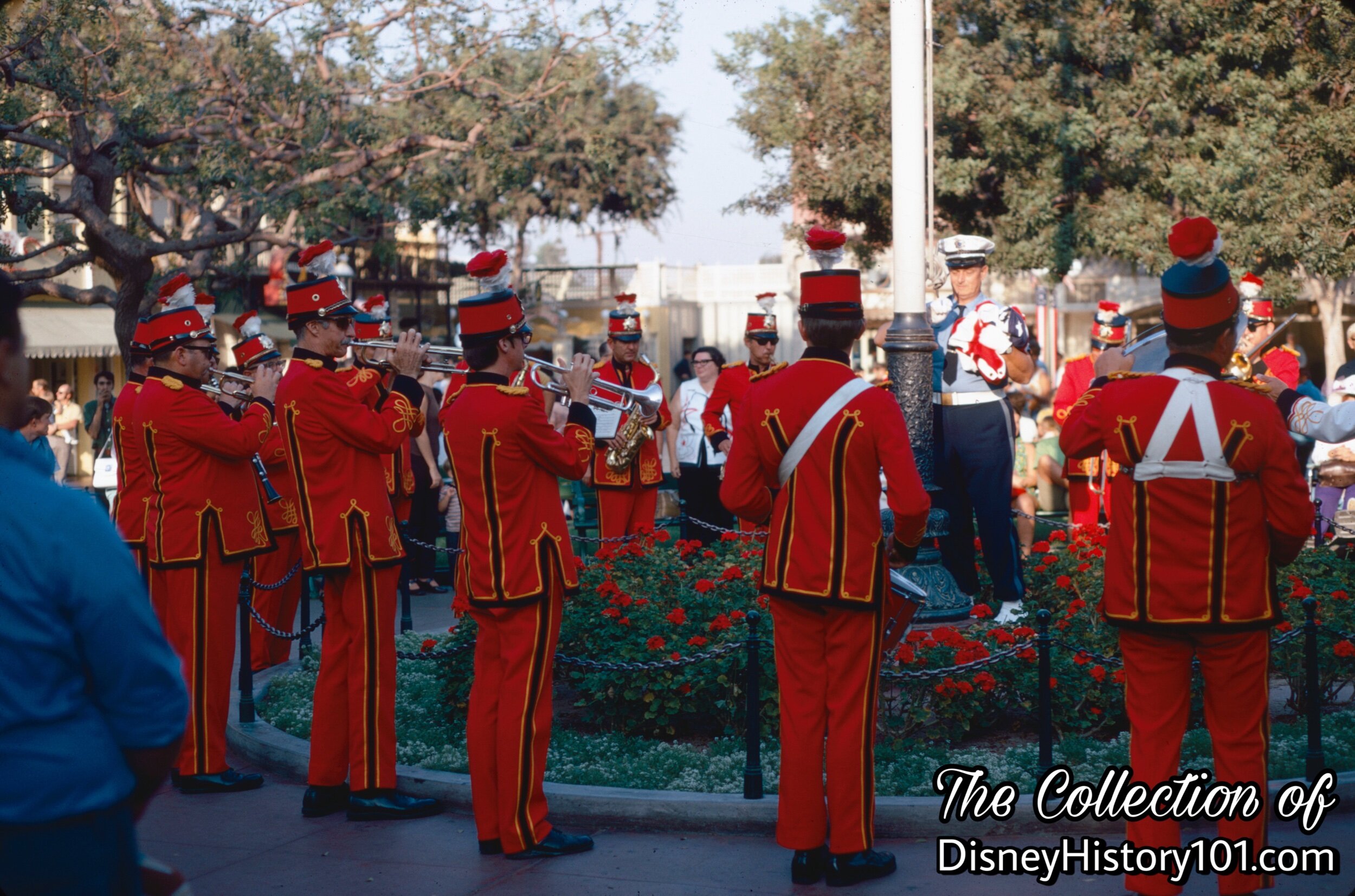
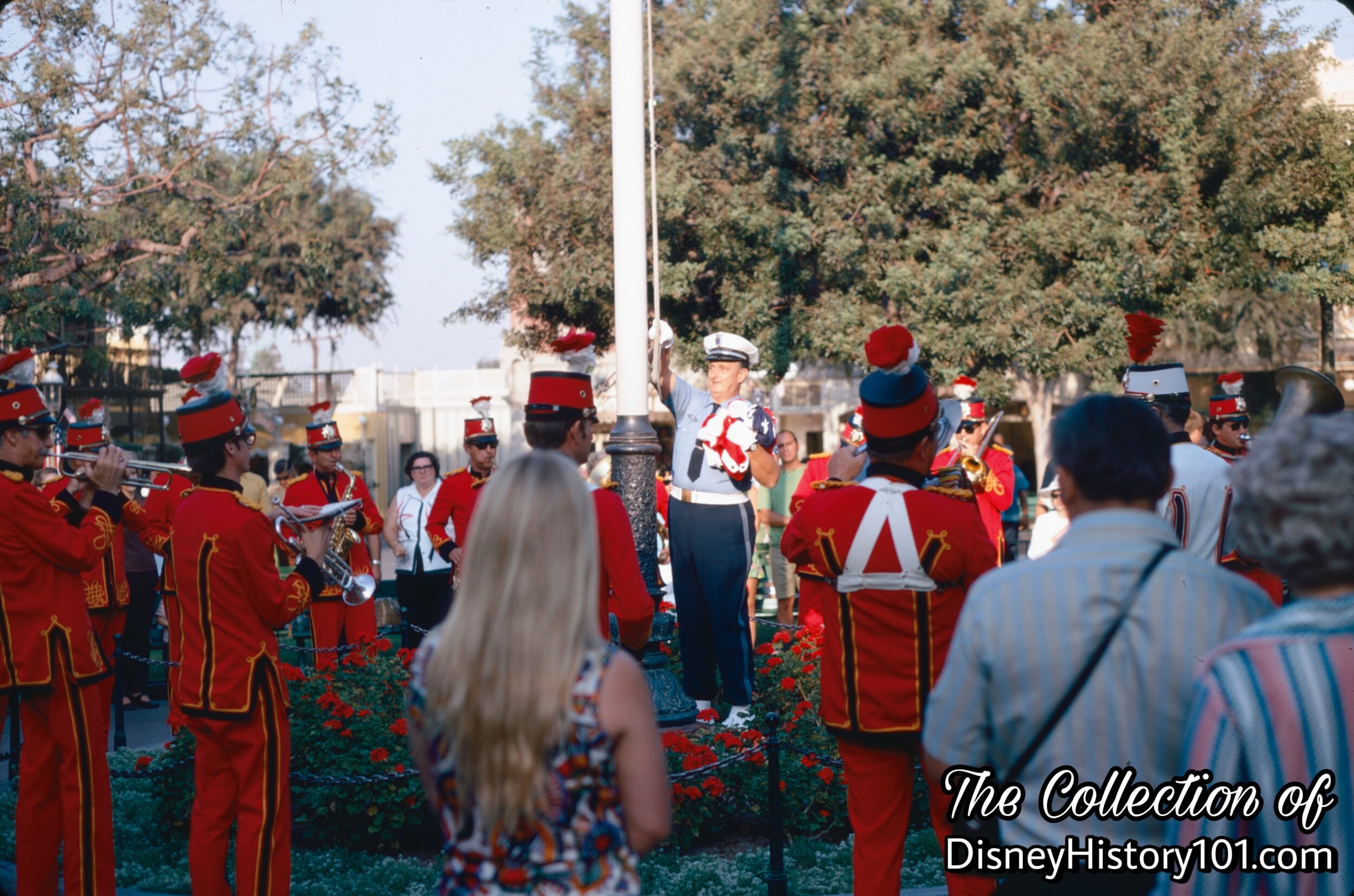
The Disneyland Band would perform the National Anthem as the flag is lowered by a member of Disneyland Security. After the ceremony, the last number performed is usually a rendition of “Til We Meet Again”.
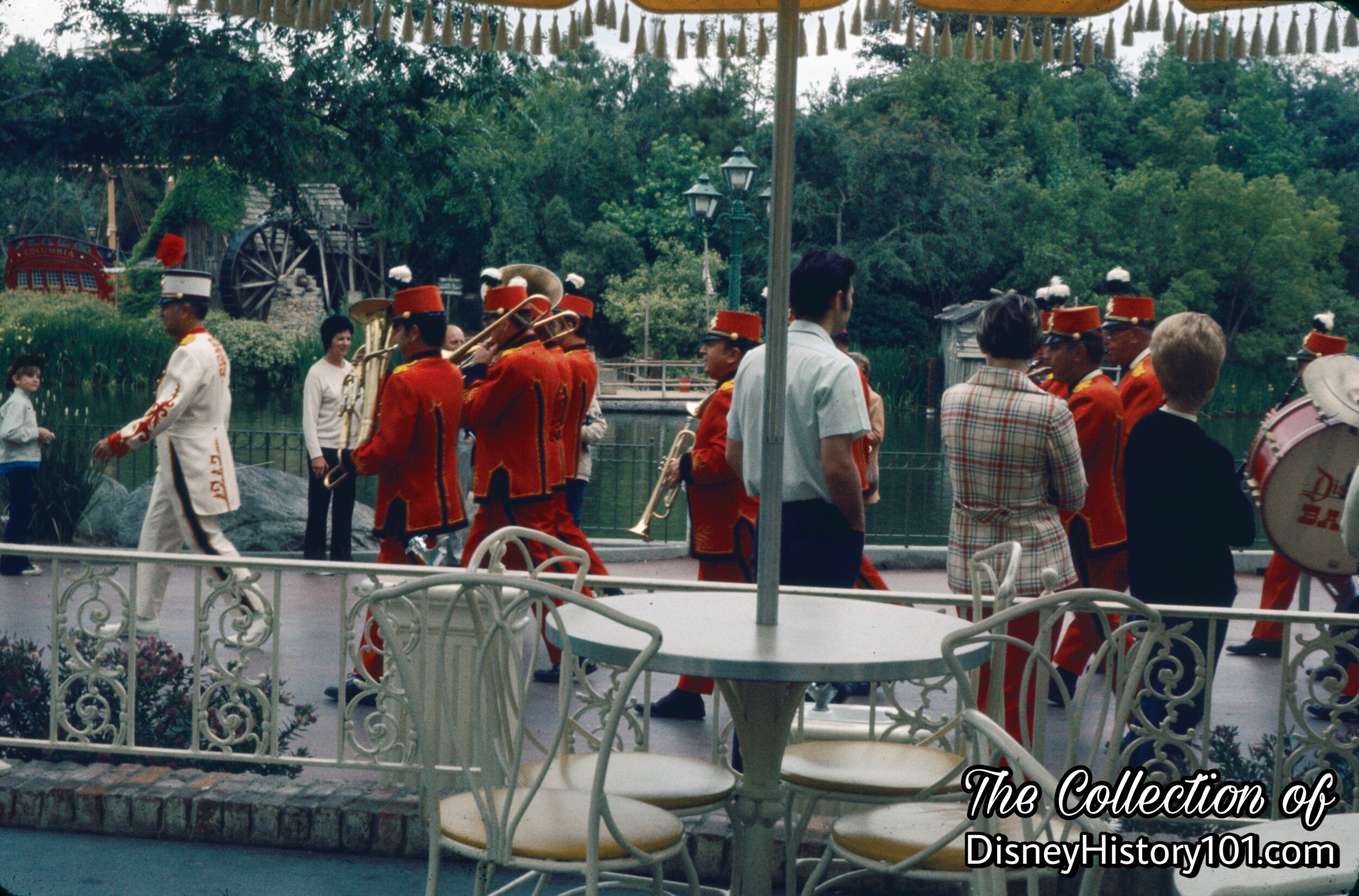
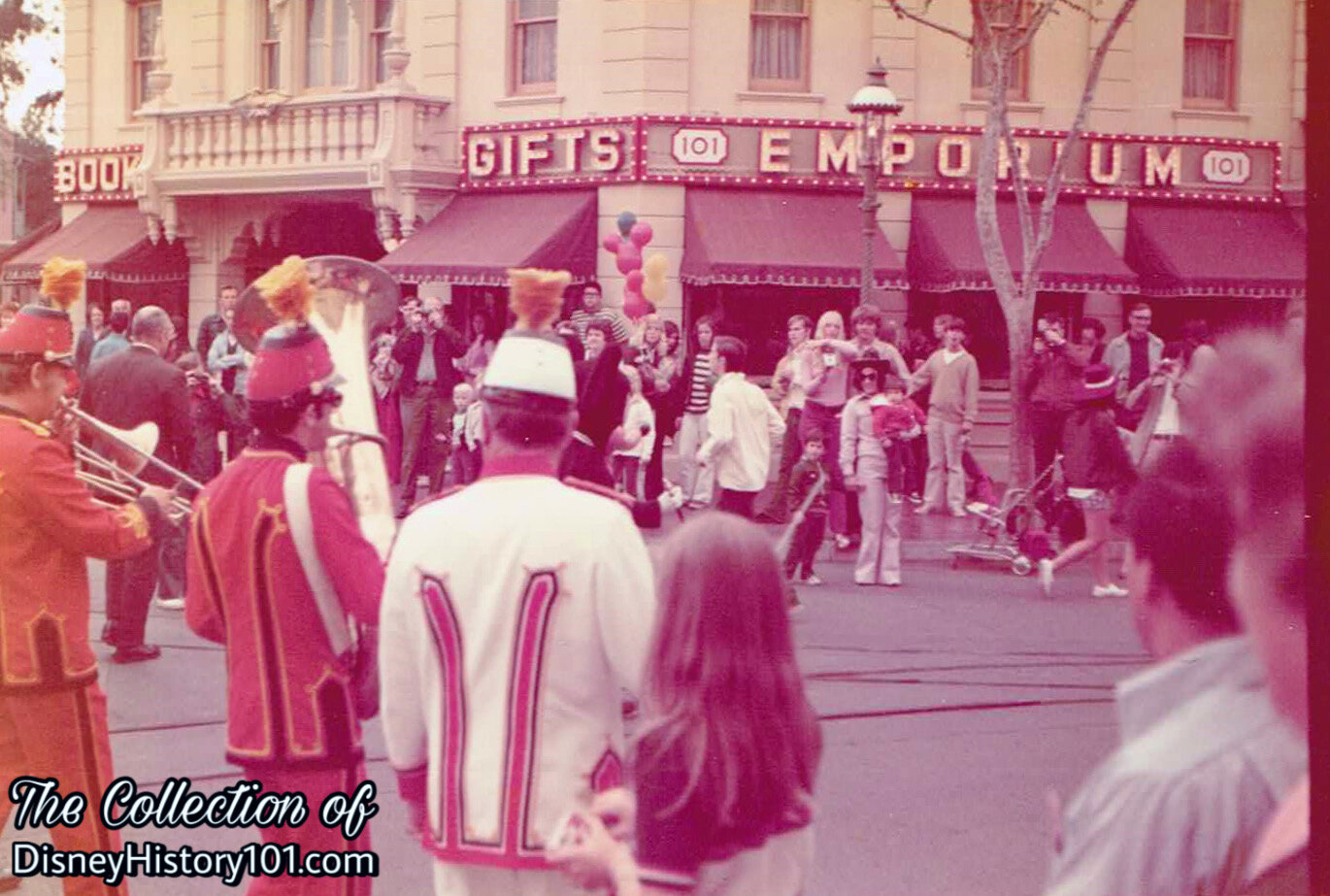
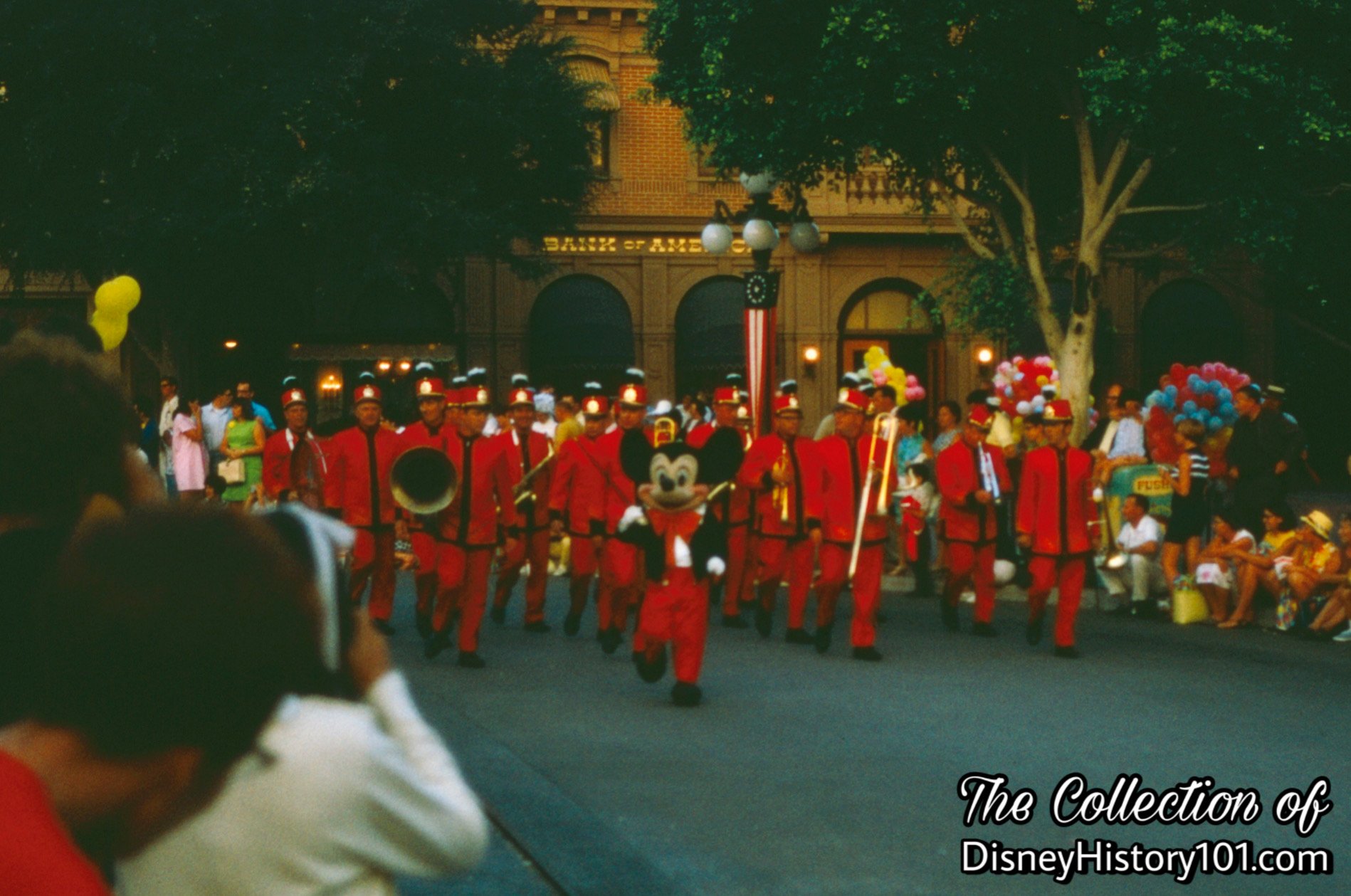
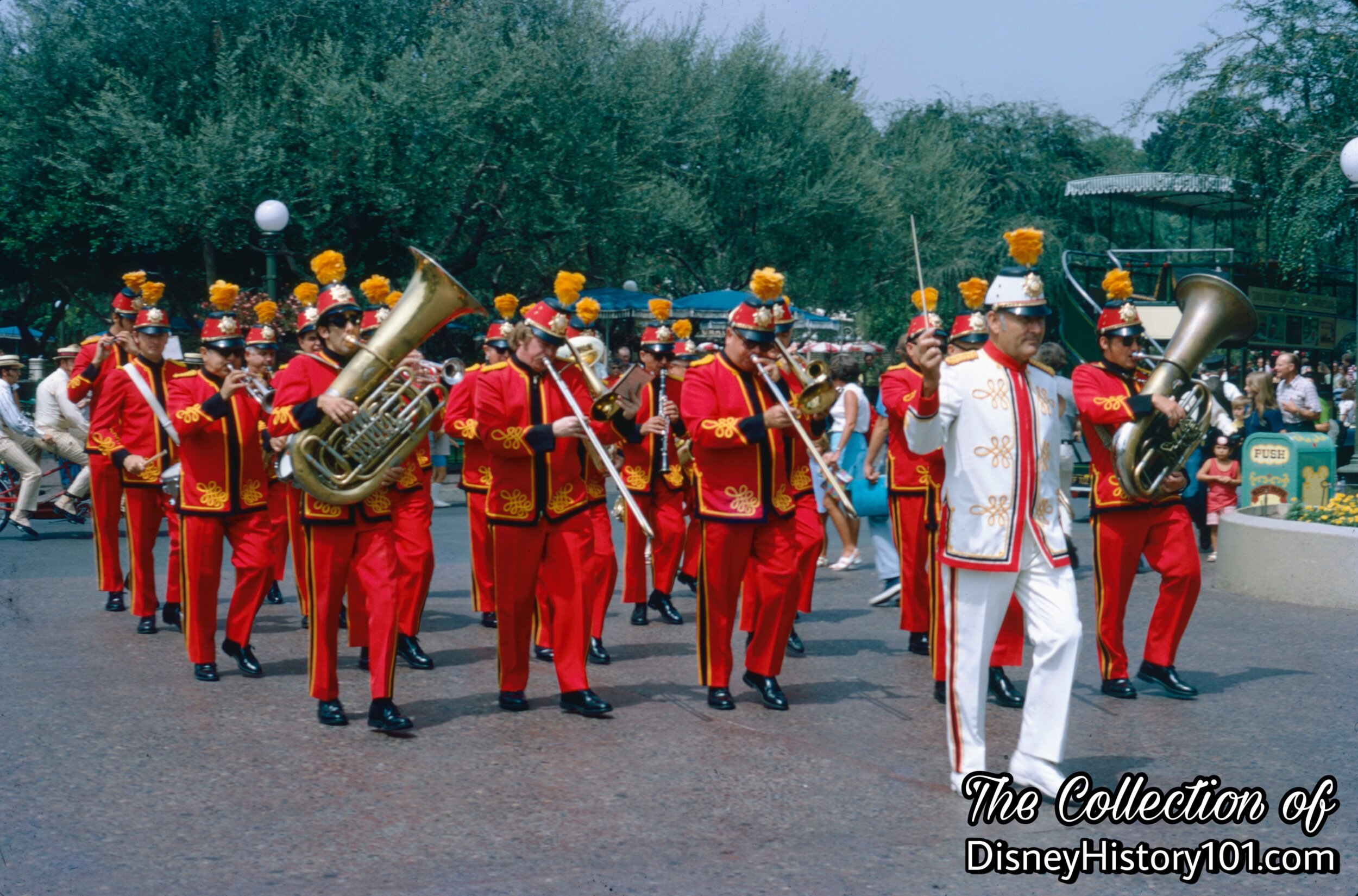
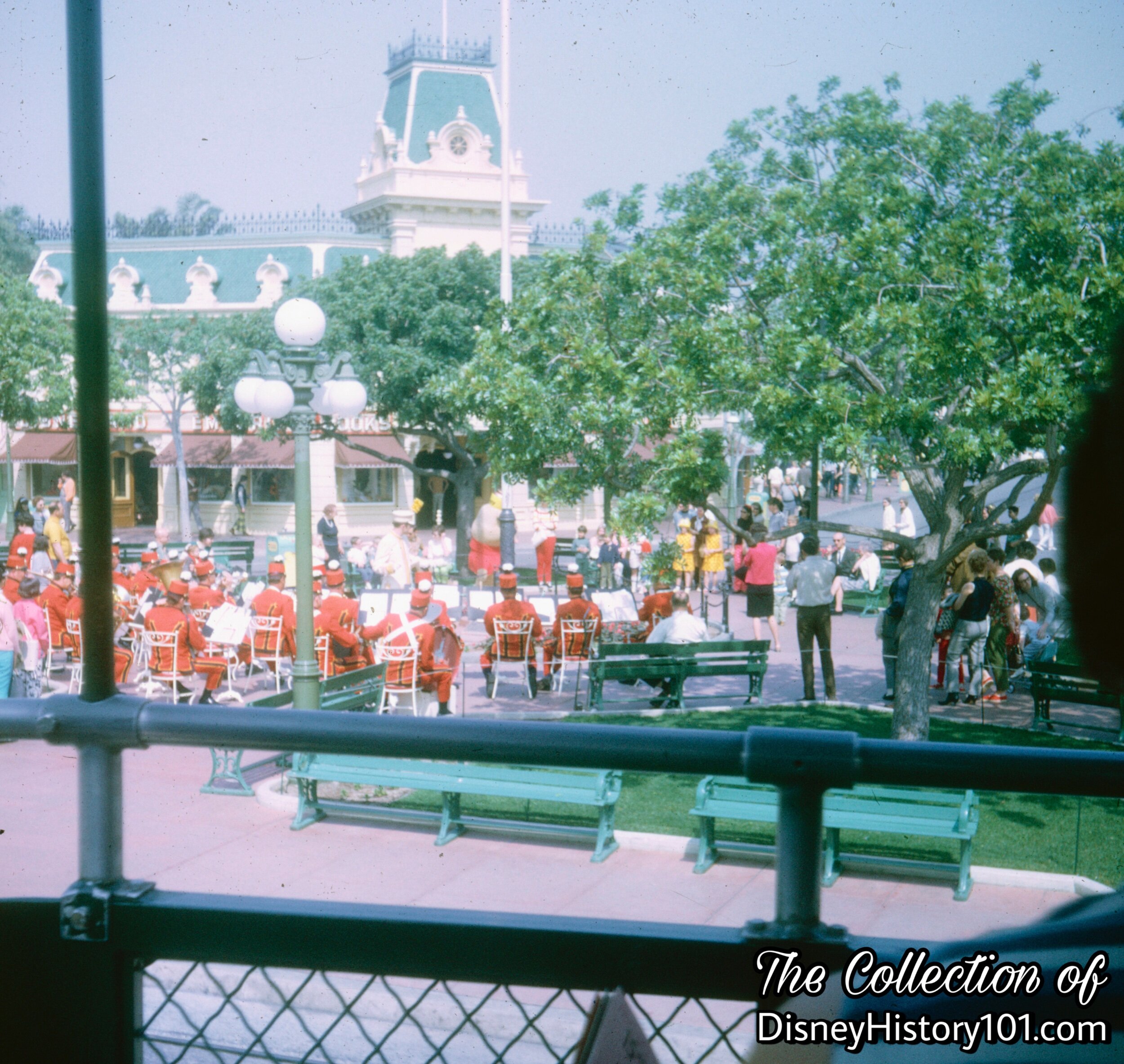
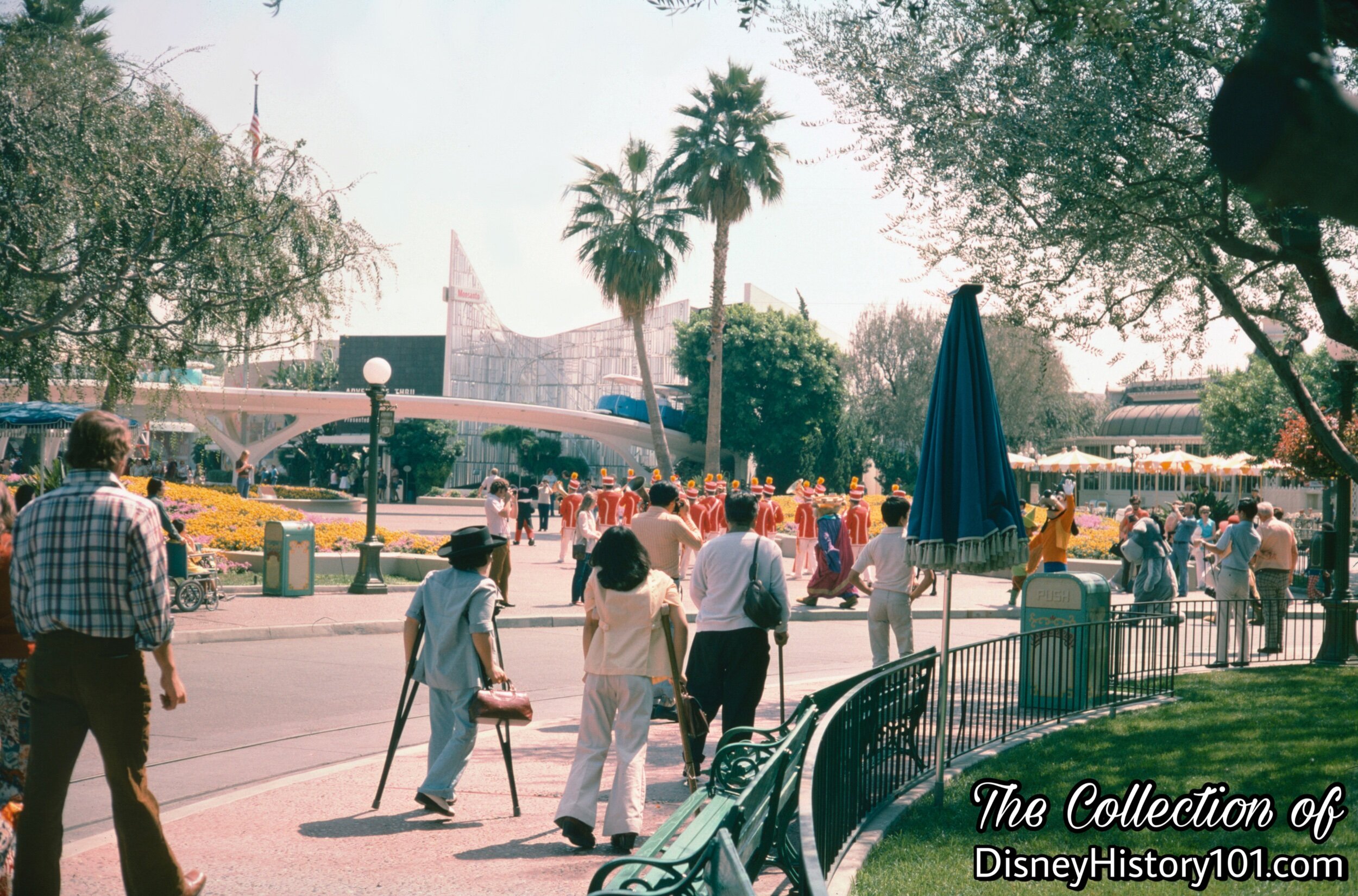
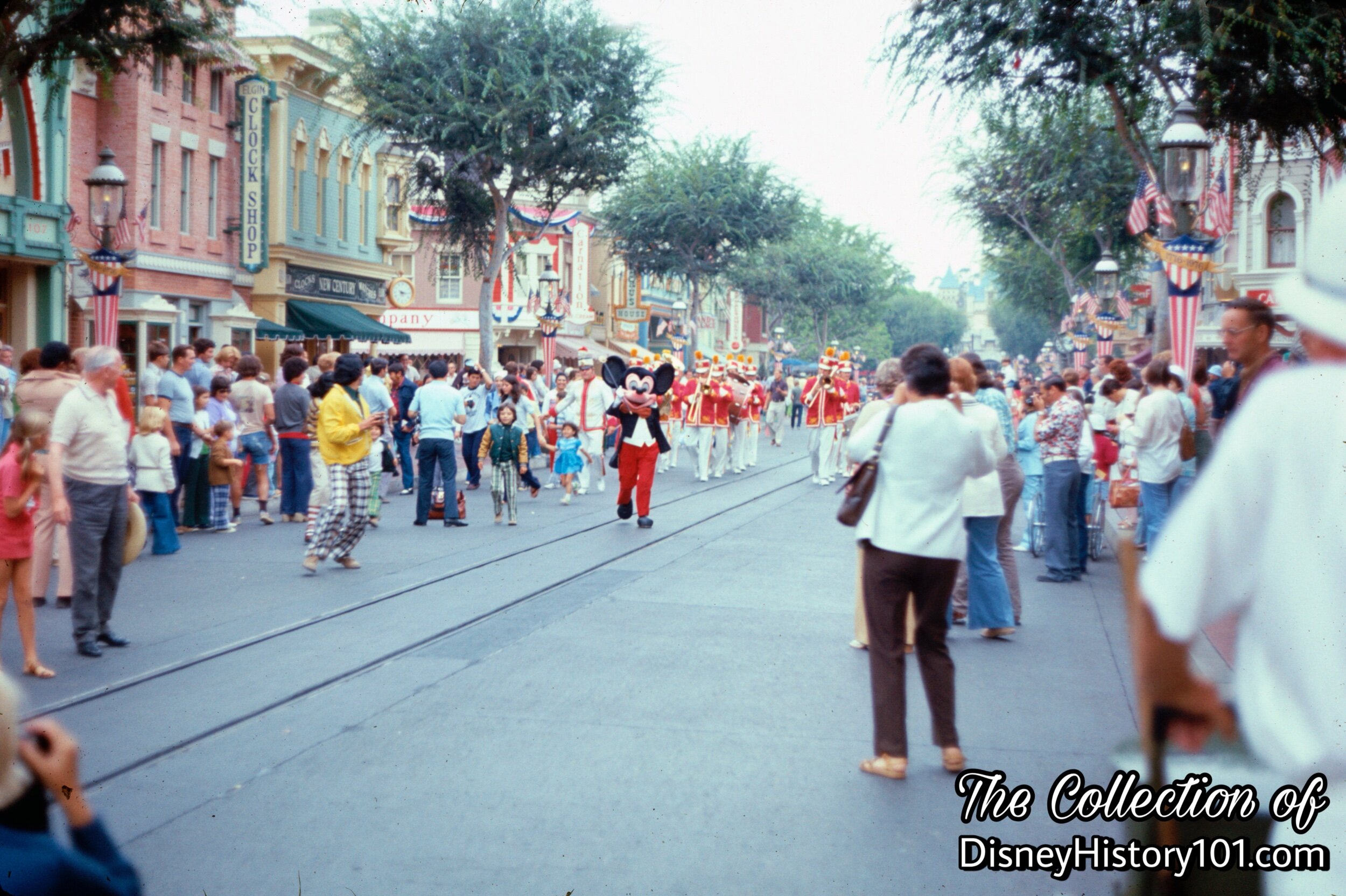
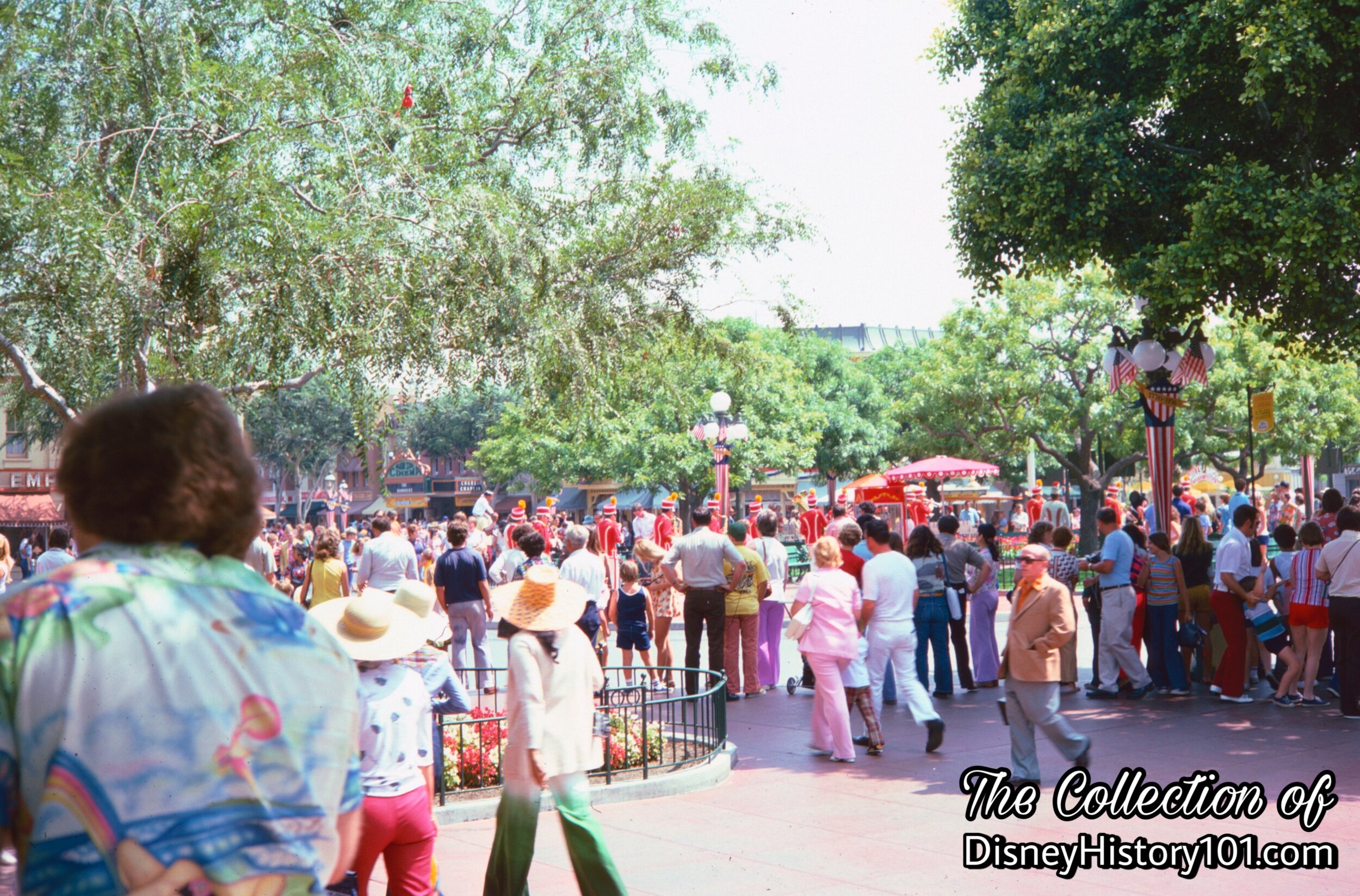
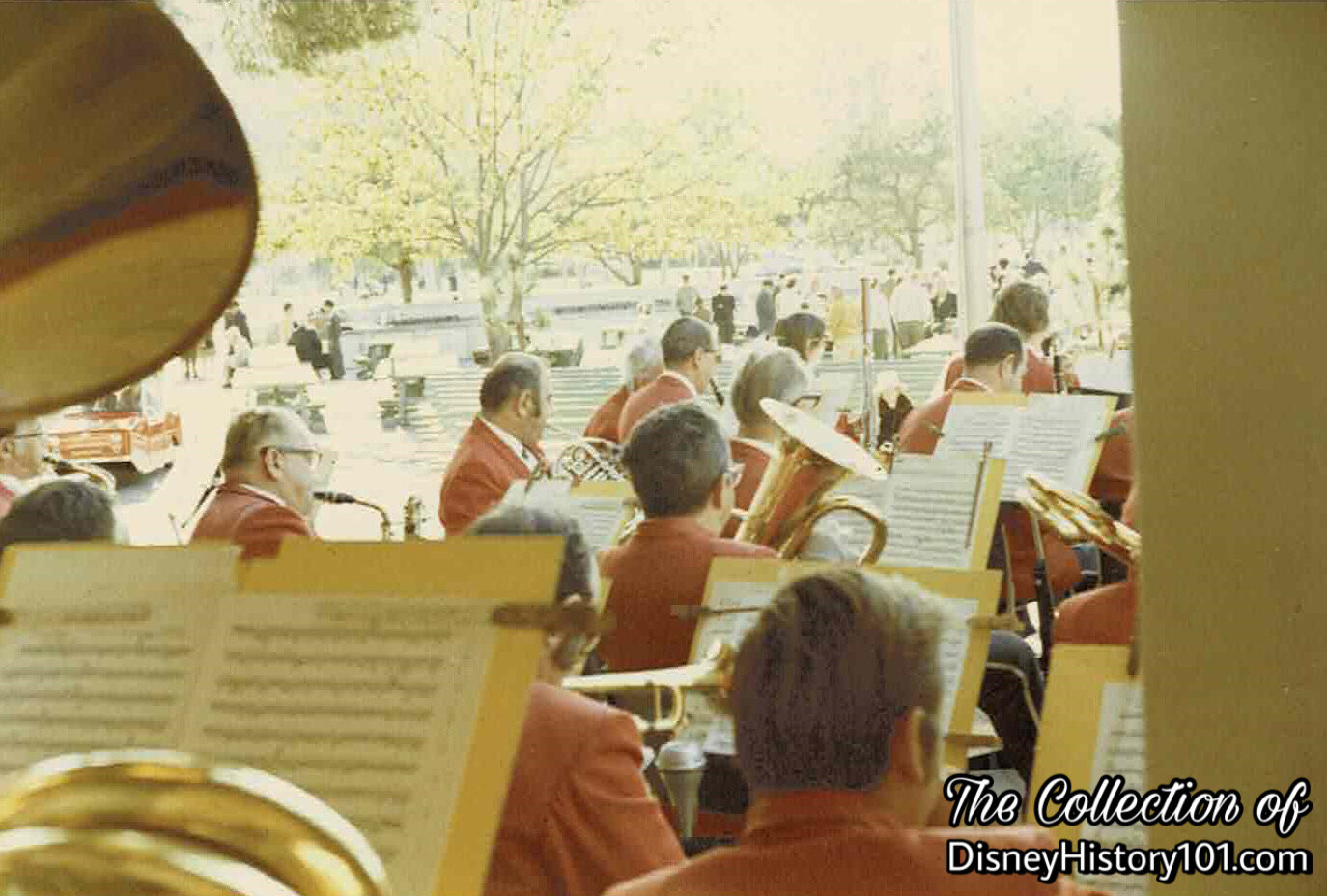

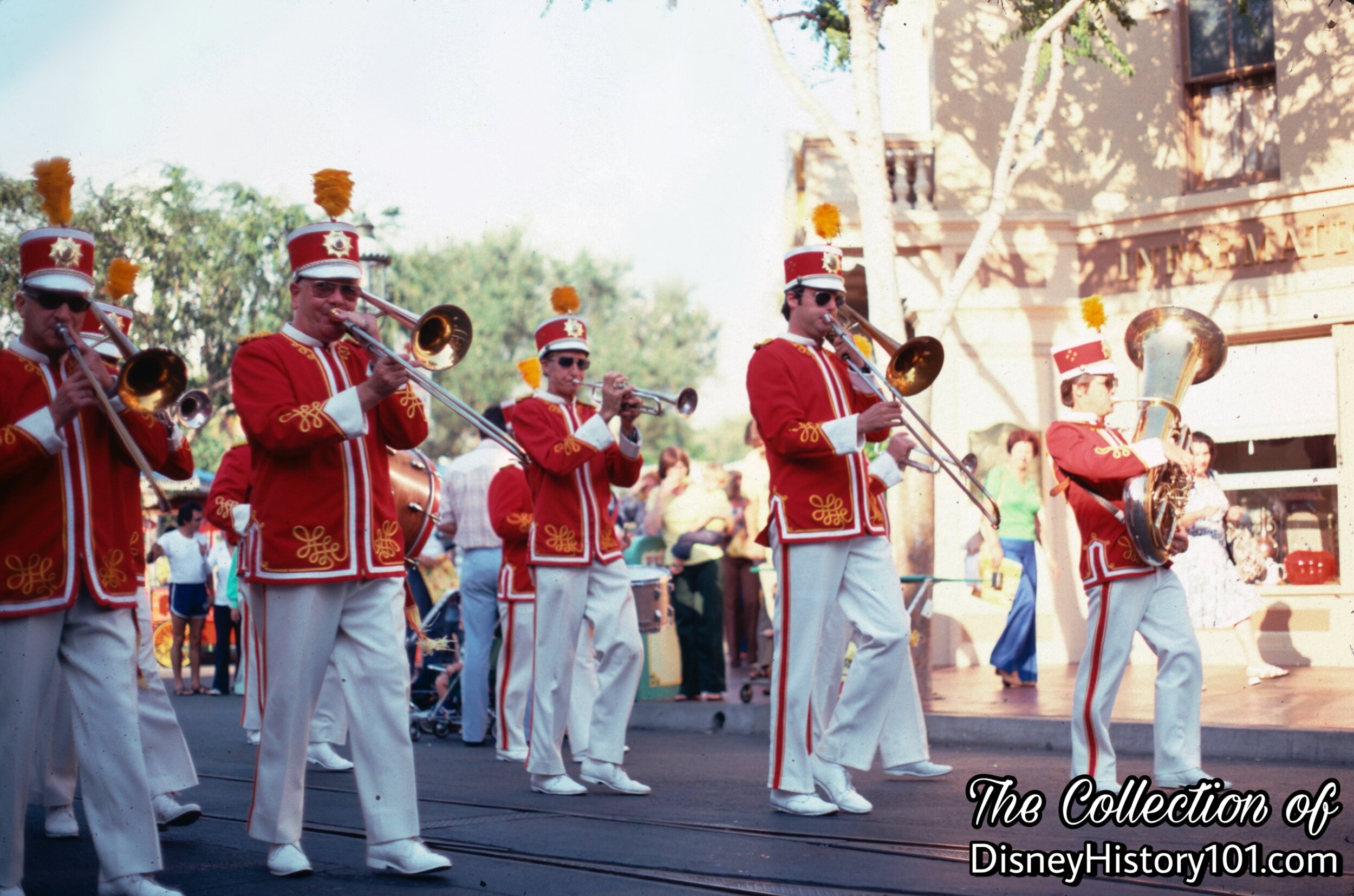
Some time before this Vintage View was captured, Vacationland magazine (Vol.20, No.4 ; published Spring of 1977) published an article about the present Disneyland Band entitled “The Disneyland Band - Music in Sweet Accord”. During this era, the Disneyland Band gave quite a few “send offs” for 20 year employees of Disneyland.
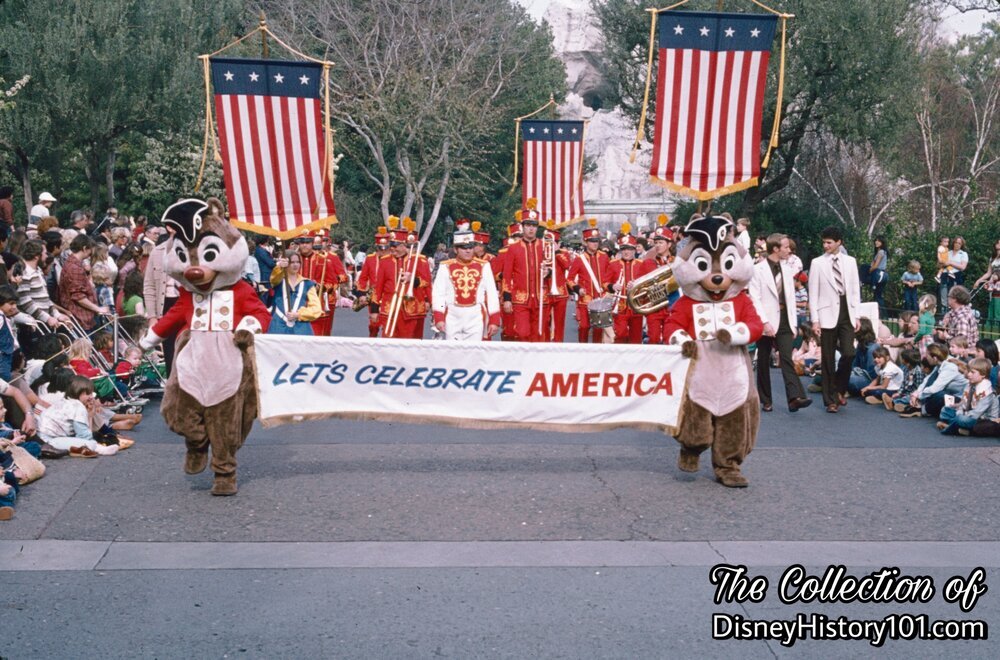
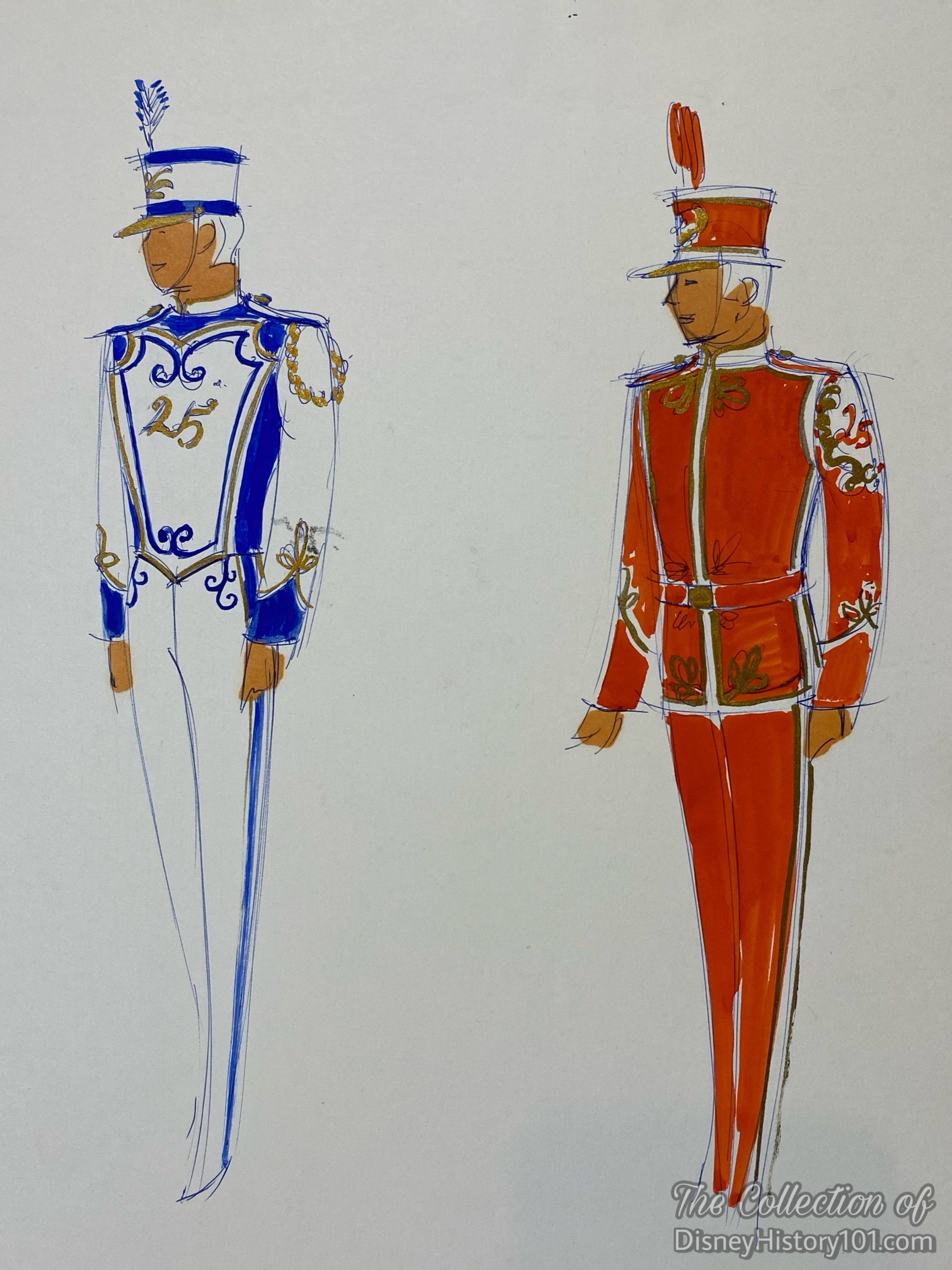
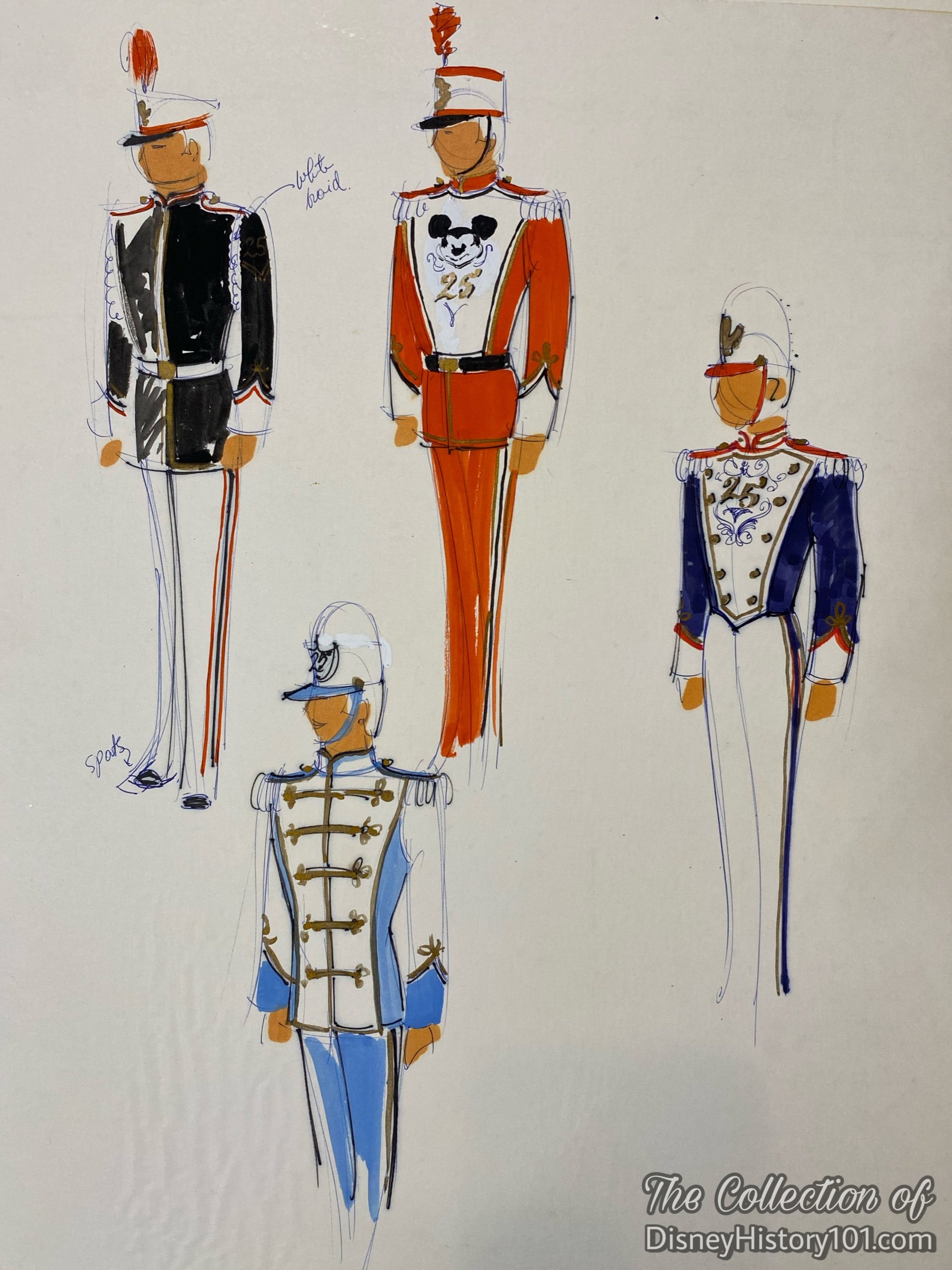
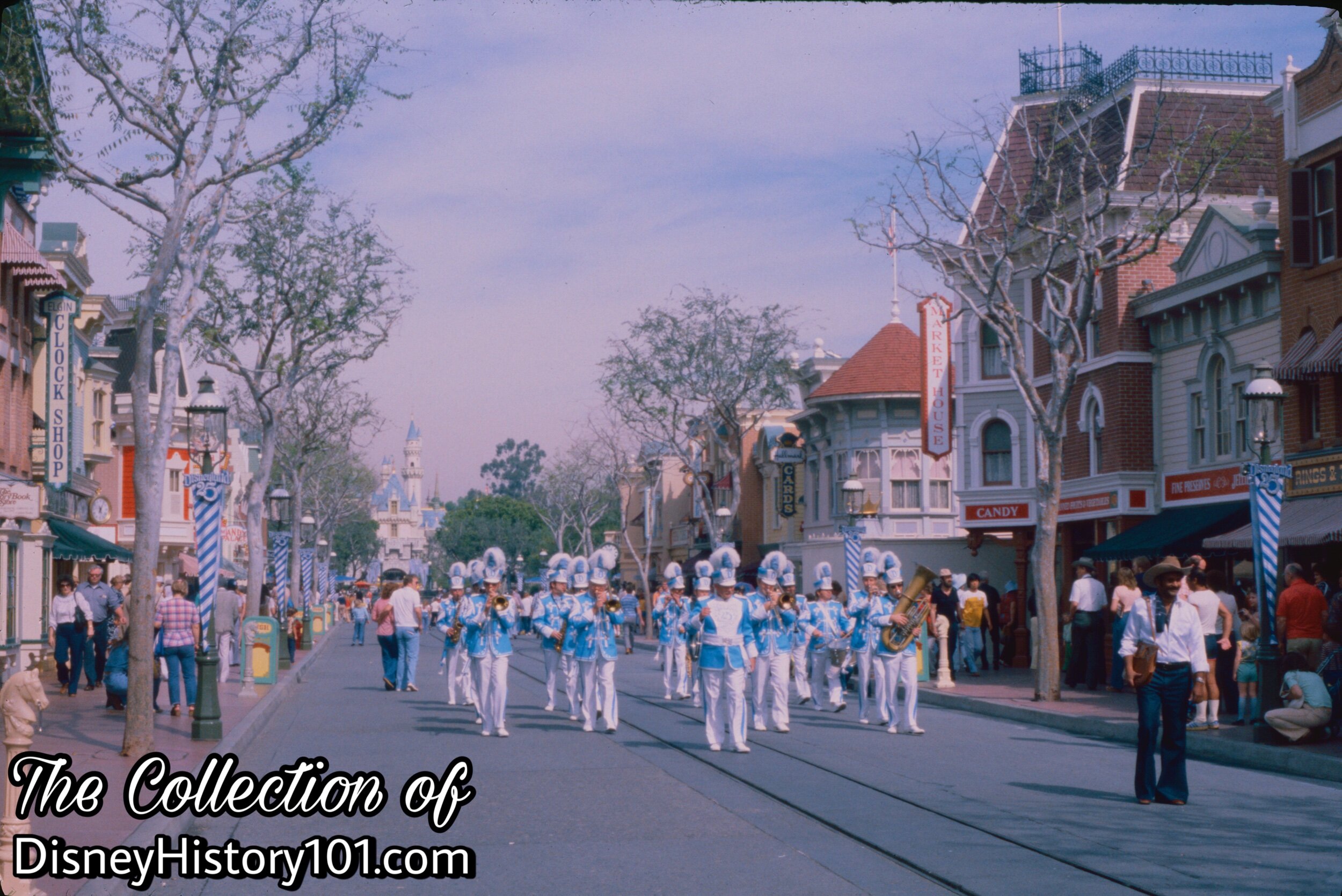
In “step” with Disneyland’s 25th, the Disneyland Marching Band received special blue costumes (with silver highlights), and matching military style “shako” hats with plumes of white feathers on top!

A few Disneyland Band Members march along an opening parade unit for one of Disneyland’s 25th Anniversary Parades.
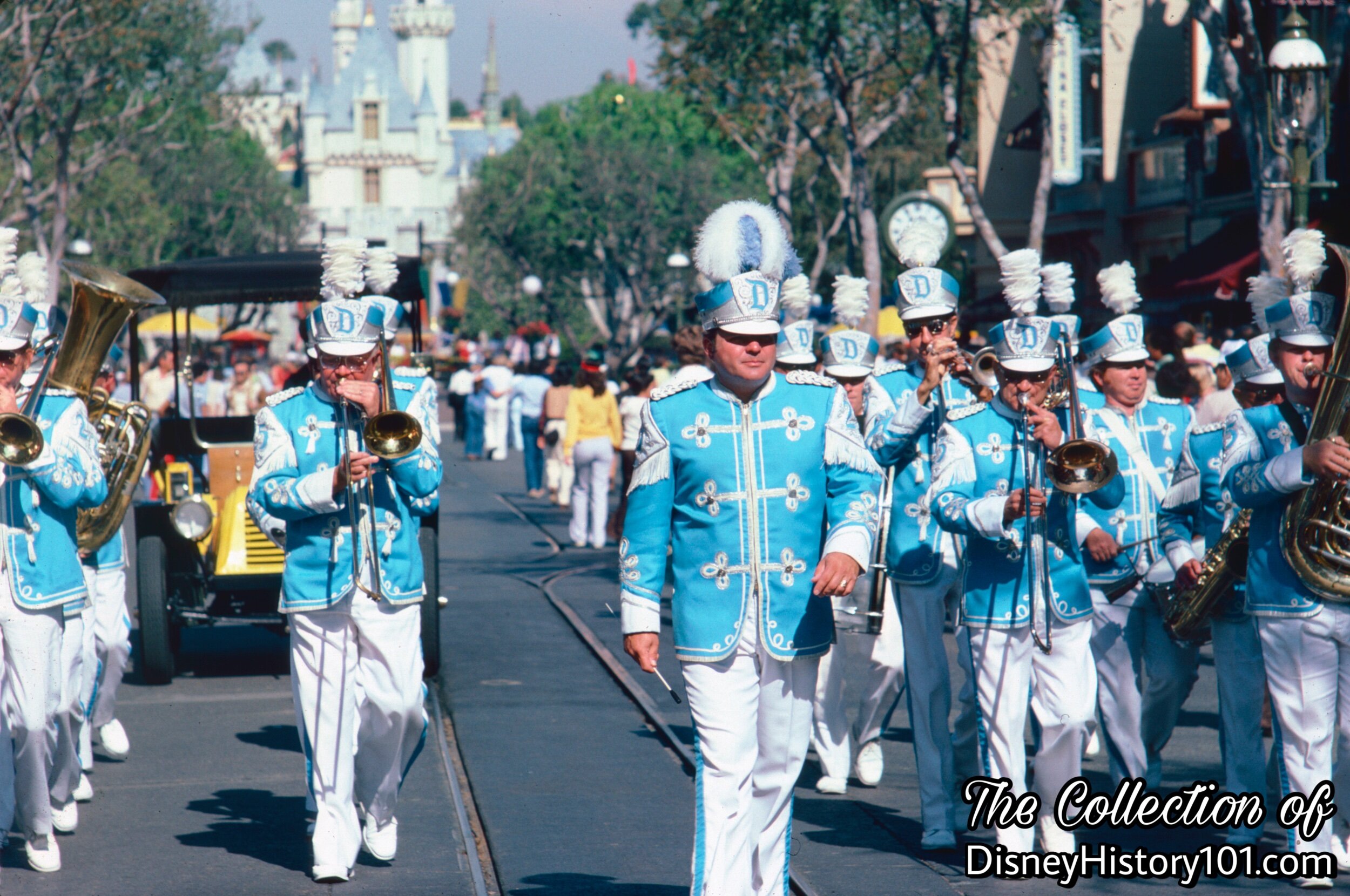
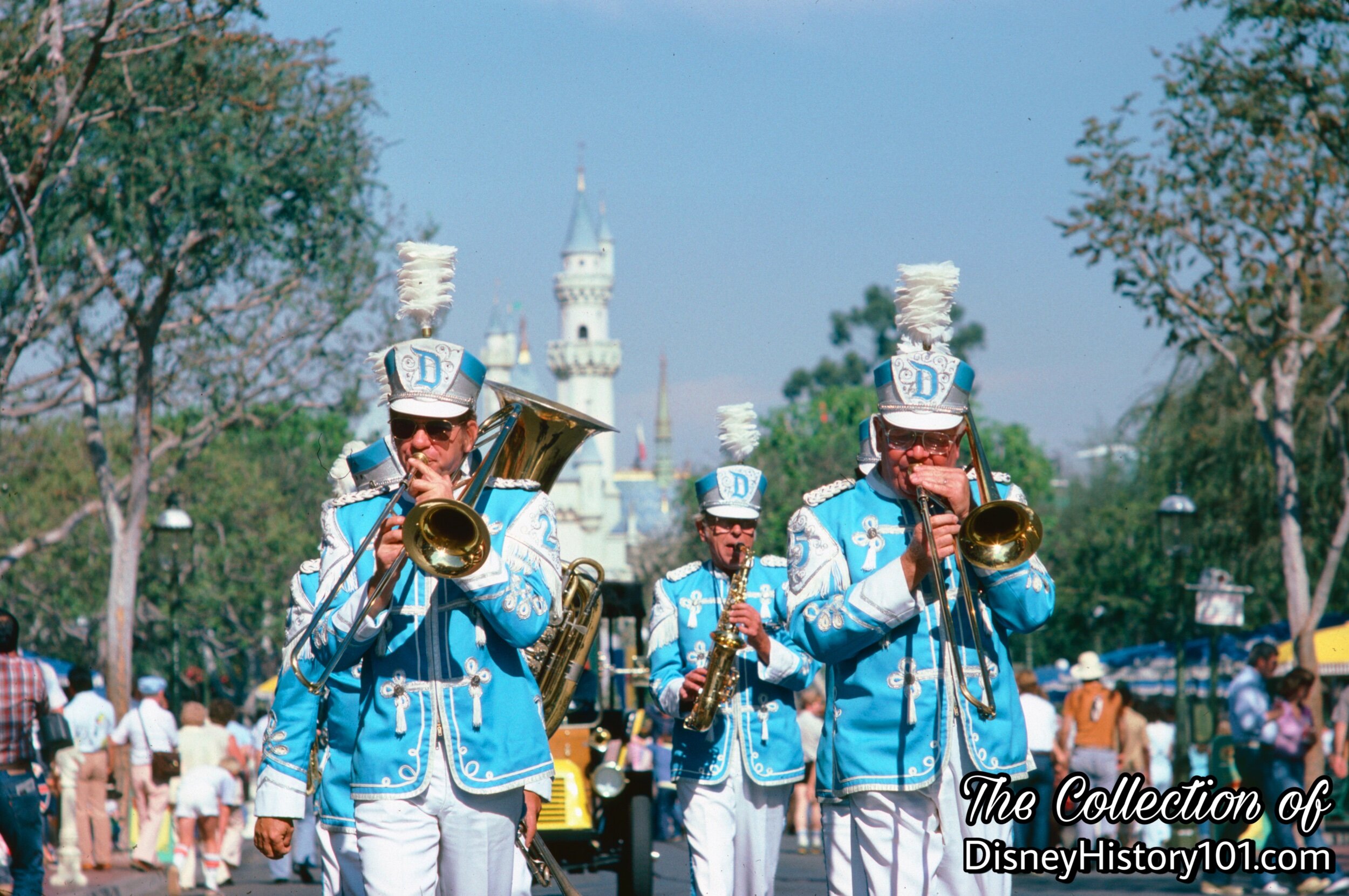

On July 17th, 1982, the Disneyland Band had stepped off more than 2,900 miles since their first march on opening day in 1955. And so, on July 17th, 1982, at 4:00p.m. (less than thirty years after their Disneyland debut), the popular Disneyland Marching Band had marched for three decades and given its 50,000th performance from the fabulous Carnation Plaza Gardens! This historic performance of the then-20-piece marching band, was highlighted by a special introduction by the Dapper Dans, as well as concluding presentations by representatives from the City of Anaheim, Ron Dominguez, and Ron Logan. In between, the Disneyland Marching Band’s 50,000th Performance included the following sets :
(1) Remember When
(2) Main Street U.S.A. (in collaboration with the Dapper Dans)
(3) Original Disneyland March (Legionaires of the U.S.A.)
(4) Waitin’ for the Robert E. Lee
(5) On The Mall
(6) Barnum
(7) Tribute to the Fifties
(8) Star Spangled Spectacular
(9) Whispering-Groovin’ High
(10) Nashville Concerto
(11) Glenn Miller Medley
In honor of their 50,000th performance, Charles Boyer immortalized the Disneyland Marching Band in a work of art that was released as a lithograph (limited to 1800).
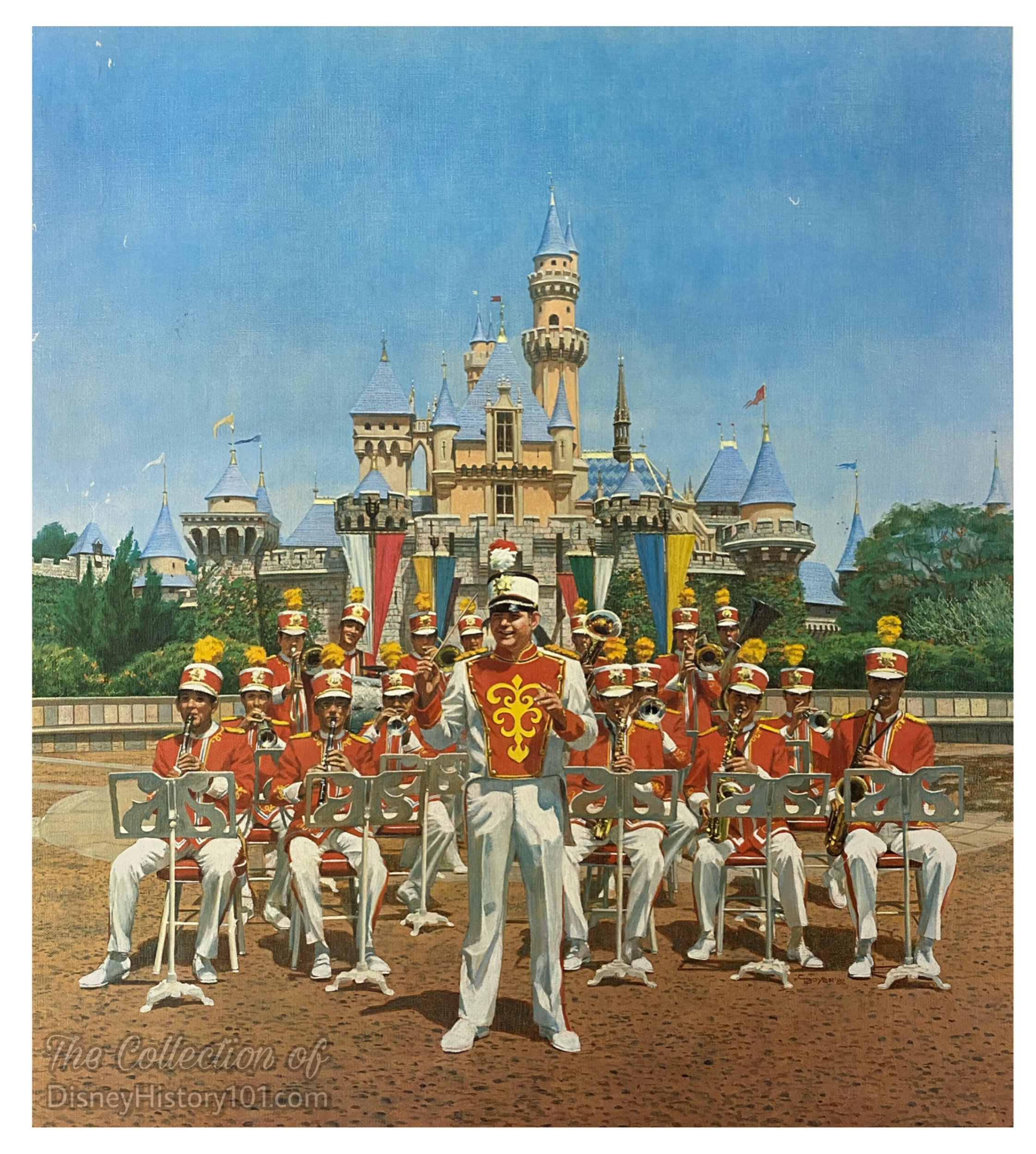
In honor of their 50,000th performance, Charles Boyer (one of Disneyland’s own resident portrait artists) immortalized Band Director David Warble and the Disneyland Marching Band in a work of art entitled “27 Years and The Band Played On”! This piece was released as a lithograph (limited to an edition of 1800). Charles tribute also graced the cover of Disneyland LINE (vol.14 ; no.28), July 15, 1982. Because of their limited quantity, these were initially offered through a lottery and the remainder were subsequently offered to Disneyland Cast Members (for $7.50 each) until supplies were depleted. (Disneyland LINE, August 19, 1982, Vol.14, No.33)
By this time, the Disneyland Band performed for the Flag Retreat Ceremony four days a week, during Monday, Wednesday, Thursday, and Friday of June 13 - 17, 1983. However, on Tuesday, the band was replaced by a “taped version” of their ceremony fanfare. Yes, the Disneyland Band truly “played on” - even on days when they were absent from the Park.

Though Vesey Walker had retired from Disneyland more than a decade prior, he (and his little marching band) had certainly “started something”, and it was now marching strong into its third decade running by 1986! Now, the Disneyland Band was conducted by David R. Warble, and occasionally performed “Orange County Young Listener Concerts” in cooperation with the Orange County Music Administrators and the Orange County Philharmonic Society. The Disneyland Band consisted of a number of brass instruments (trombone, sousaphone, trumpet, and tuba), a variety of woodwinds (flute, piccolo, clarinet, saxophone), and several types of percussion instruments (bass drum, snare drum, and cymbals). Though many of Vesey’s members had been with him for more than ten years (at one point), with the exception of Warren Gale, the Disneyland Band now consisted of newer members who had not performed under the direction of (the late) Vesey Walker during Disneyland’s first decade. By this time, the Disneyland Band consisted of the following members :
Eric Marienthal - Woodwinds
Bill Liston - Woodwinds
Sal Lozano - Woodwinds
Mike Whitman - Woodwinds
Lemoyne Taylor - Woodwinds
Roger Bissel - Trombone
Art Dragon - Trombone
Les Benedict - Euphonium
Warren Gale - Trumpet & Associate Producer
Gary Halopoff - Trumpet
Greg Prechel - Trumpet
Brian Atkinson - Trumpet
Joe Shaw - Drums
Ray Templin - Drums / Piano
![Vesey Walker passed away during November of 1977, knowing nothing of the Disneyland Band ’s third director. The Disneyland Band had now come to run through a number of forms including “marches, polkas, jazz, [and] waltzes” , according to Dis](https://images.squarespace-cdn.com/content/v1/5b3d7f804eddec6e826be0c9/1609123005966-3ROWZTJSJU16I1DFCYQE/03C196FD-98F2-493B-8D47-74D69558A036.jpeg)
Vesey Walker passed away during November of 1977, knowing nothing of the Disneyland Band’s third director. The Disneyland Band had now come to run through a number of forms including “marches, polkas, jazz, [and] waltzes”, according to Disneyland LINE (Vol.14, No.28 ; July 15, 1982). By 1986, the Disneyland Band was conducted by Director David R. Warble, and the band occasionally performed “Orange County Young Listener Concerts” in cooperation with the Orange County Music Administrators and the Orange County Philharmonic Society. The Disneyland Band consisted of a number of brass instruments (trombone, sousaphone, trumpet, and tuba), a variety of woodwinds (flute, piccolo, clarinet, saxophone), and several types of percussion instruments (bass drum, snare drum, and cymbals). By this time, theDisneyland Band consisted of the following members : Eric Marienthal - Woodwinds, Bill Liston - Woodwinds, Sal Lozano - Woodwinds, Mike Whitman - Woodwinds, Lemoyne Taylor - Woodwinds, Roger Bissel - Trombone, Art Dragon (who would go on to Direct the Disneyland Band) - Trombone, Les Benedict - Euphonium, Warren Gale - Trumpet & Associate Producer, Gary Halopoff - Trumpet, Greg Prechel - Trumpet, Brian Atkinson - Trumpet, Joe Shaw - Drums, and Ray Templin - Drums / Piano! Though many of Vesey’s members had been with him for more than ten years (at one point), with the exception of Warren Gale, the Disneyland Band of 1986 consisted of newer members who had not performed under the direction of (the late) Vesey Walker during Disneyland’s first decade.
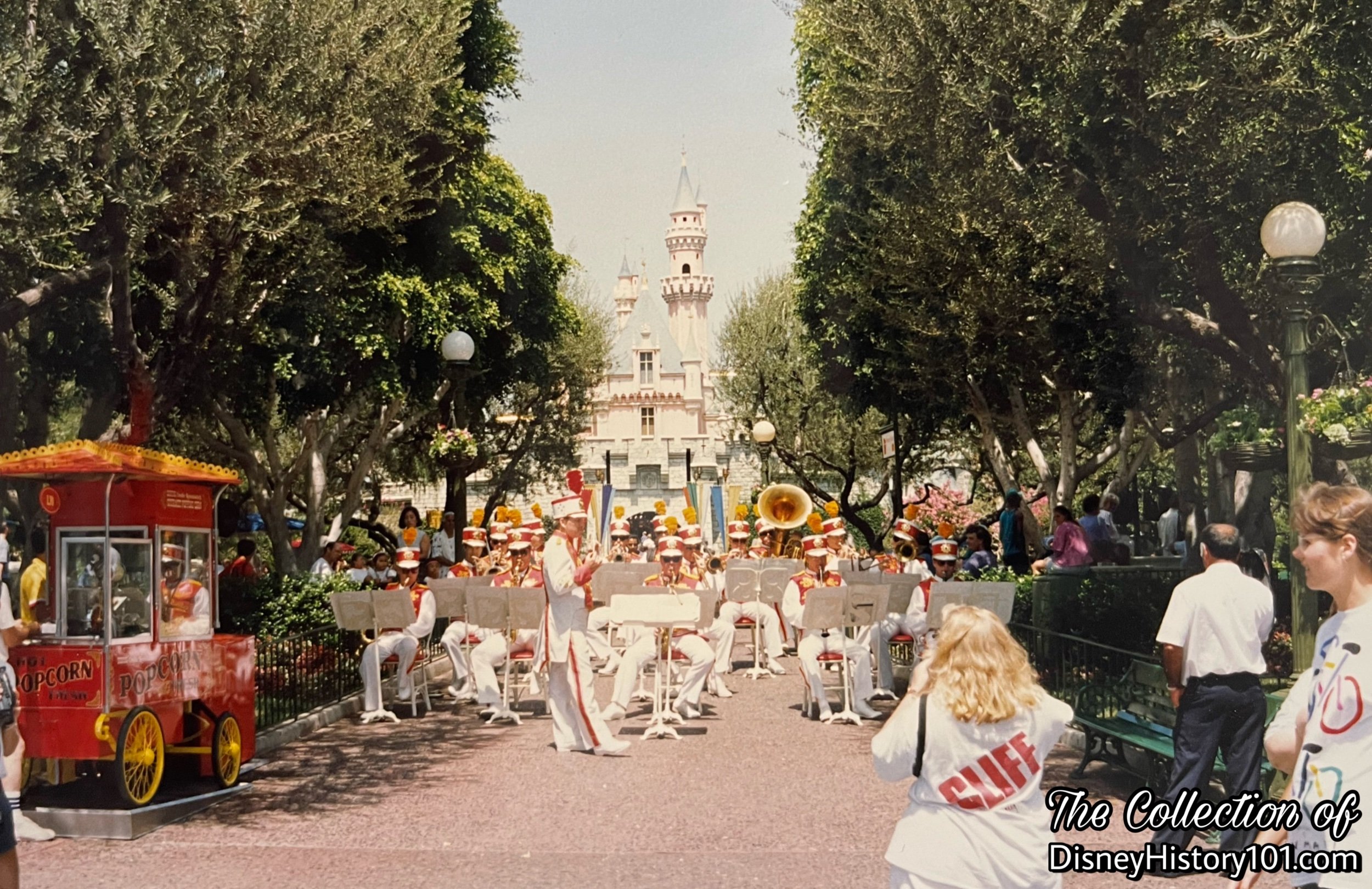
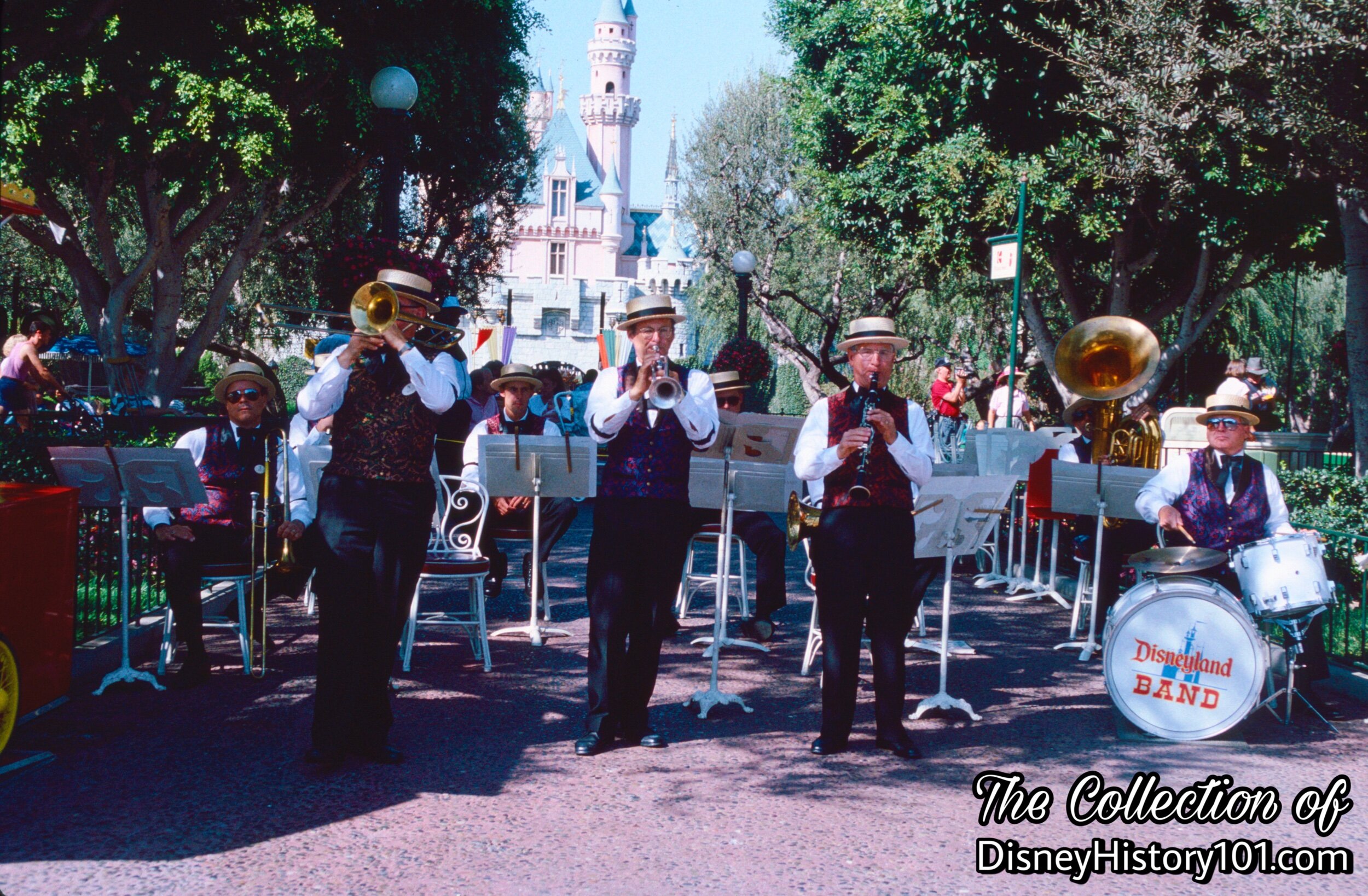
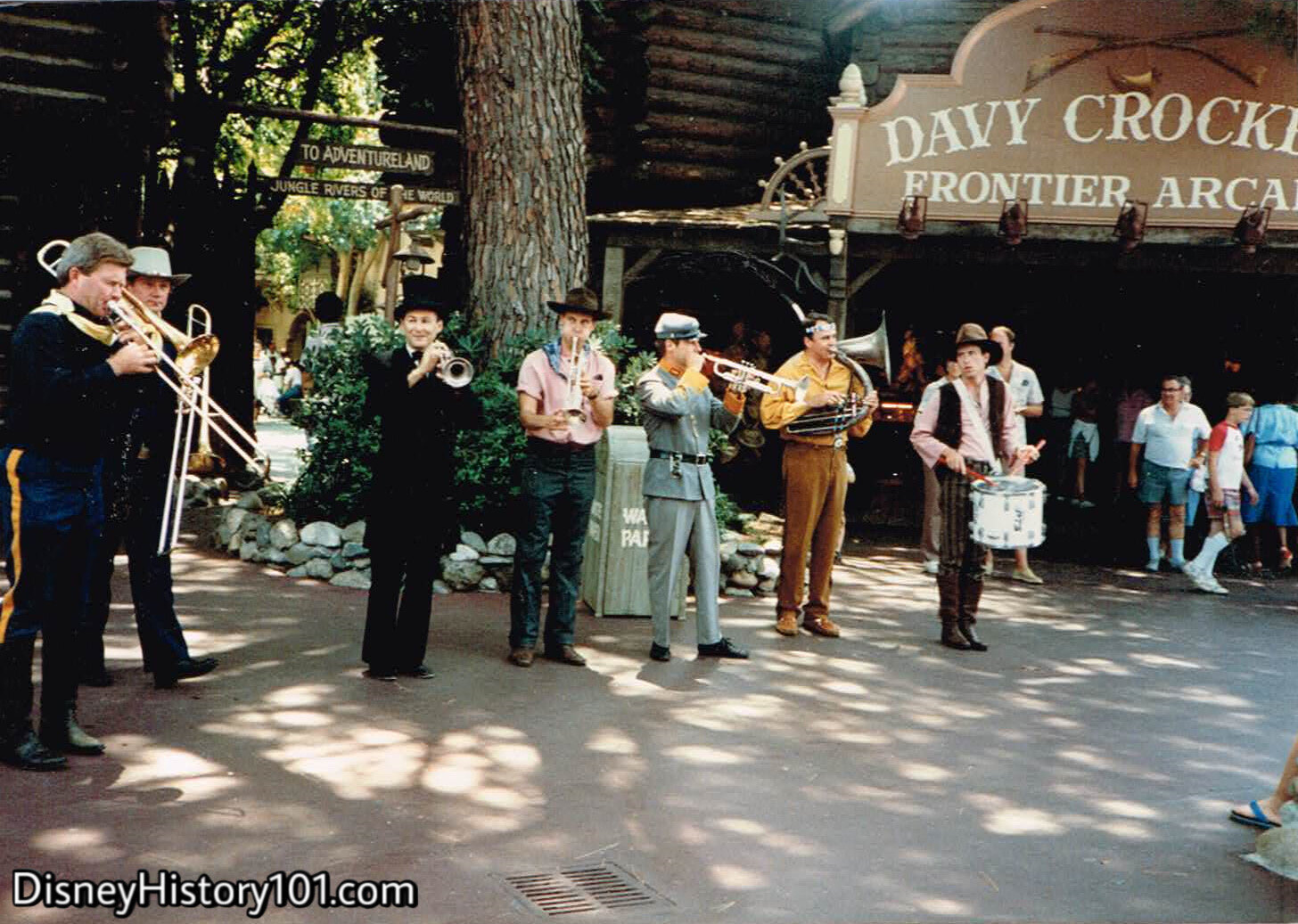
In addition to the Strawhatters, other Disneyland Band Sub-Groups (or, “breakout groups”) emerged during this era. As the Disneyland Marching Band would perform in front of the Main Street Opera House, the Frontierland Marching Band could be found decked out in Frontier duds, performing near Frontierland’s Davy Crockett Arcadeduring the 1980s. Kindly former Cast Members helped us identify this as one such unique Frontierland group : “Those are Disneyland Band members on a break out set.” Apparently, they would break off into a “bass section and a woodwinds section”, “in order to provide better park coverage”. “On the far left is Art Dragon who eventually became leader of the Disneyland band.” Now, if we could only identify this group by name!

(The Collection of Bob Penfield ; The Walt Disney Hometown Museum)
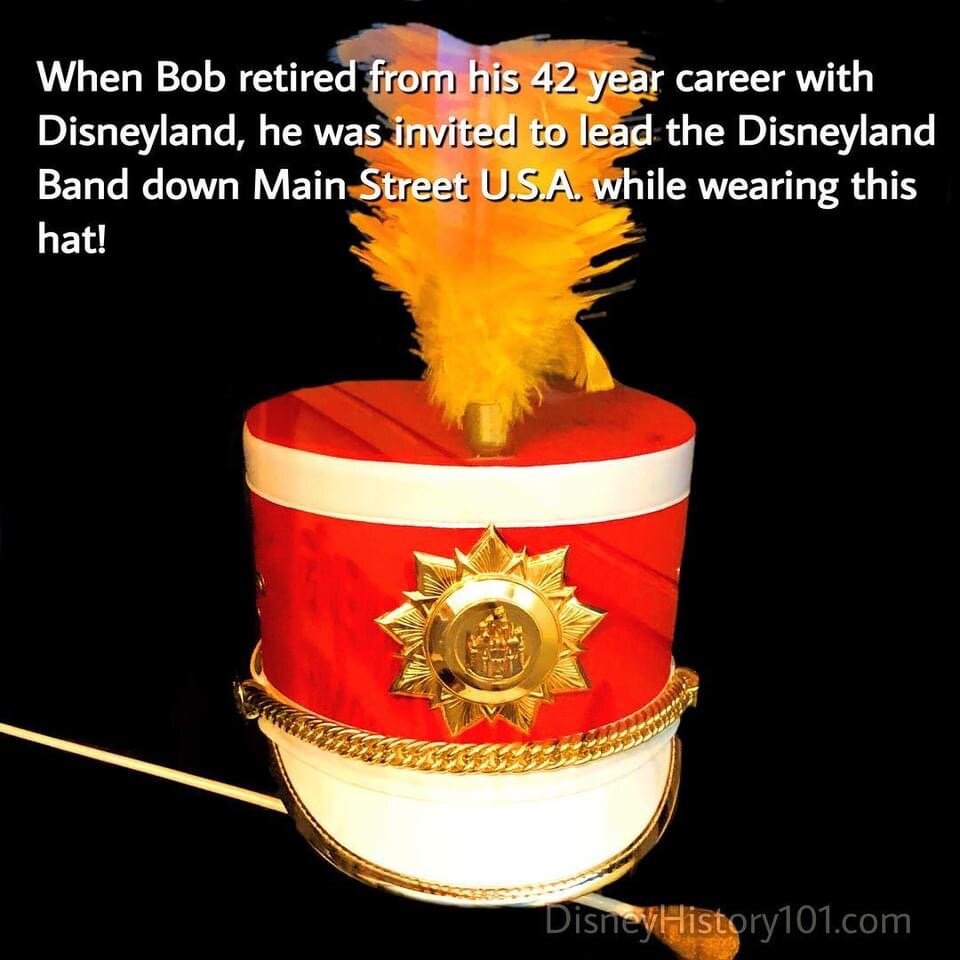
(The Collection of Bob Penfield ; The Walt Disney Hometown Museum)
Two years later (during 1988), the Disneyland Band marched in yet another momentous event - a Disneyland parade in honor of Mickey Mouse’s 60th Birthday! Nearly a decade later (in 1997), Bob Penfield (in full regalia) led the Disneyland Band before his retirement ceremony.

The Disneyland Band has a legacy of sorts, becoming a Disney Parks tradition. For instance, Tokyo Disneyland opened on April 15, 1983, with its very own Tokyo Disneyland Band. Other Disney Parks have also carried this Disney tradition.
By 2015, the Disneyland Marching Band was down to 16 members (one of whom had been with the band for 44 years). As Disneyland’s 60th Anniversary marched ever closer, it was decided to “reimagine” the Disneyland Marching Band. So, the present, seasoned, Disneyland Marching Band alumn gave one final performance on July 16th, 2015 - a day before Disneyland’s 60th Anniversary!
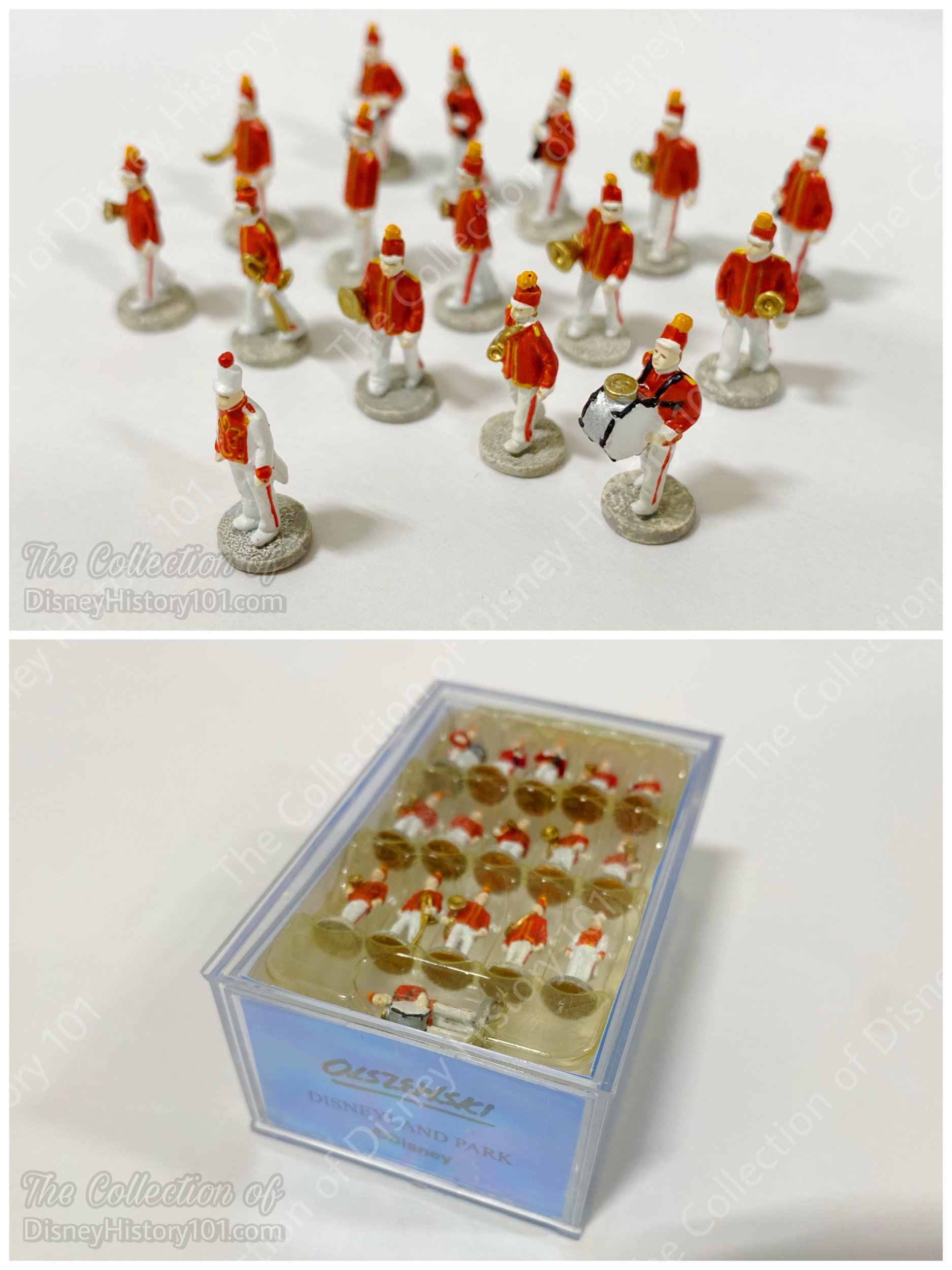
DISNEYLAND 25 - FAMILY REUNION

Disneyland has always taken note of its anniversaries. But never has there been another tribute to Disneyland’s “family” of employees like the Disneyland 25th Family Reunion Celebration!
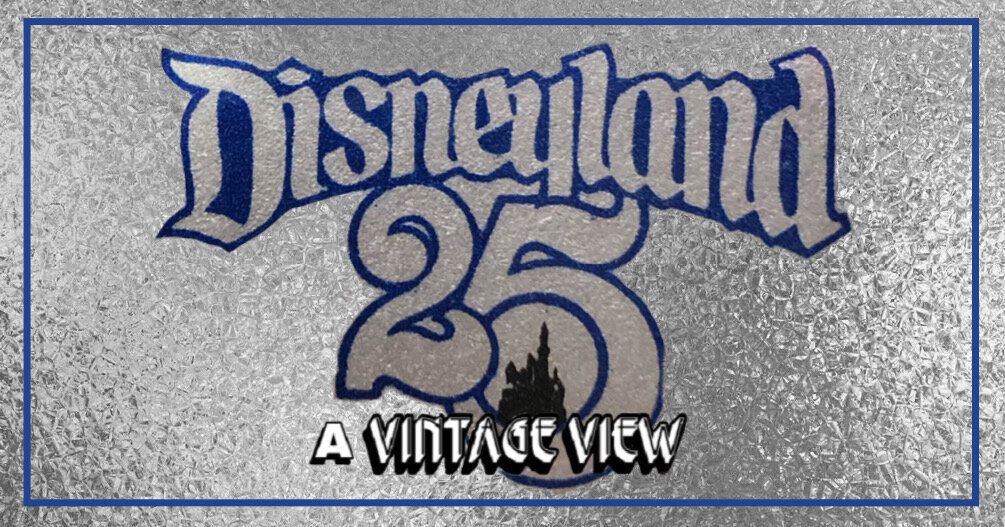
“It’s our year, and it’s your year too!” 1980 was the year that Disneyland celebrated its 25th Anniversary! “I was there!” and “I was at the biggest birthday party in the world!”, were the slogans on souvenir buttons and hats gifted to guests on July 17th, 1980. All Disneyland employees were welcomed to join the Disneyland Family Reunion, as “we’ve all grown up together, and because you’re a special part of our family.” The event was marked by twice-daily “encore” performances of the “Disneyland 25th Birthday Parade” (also called “Disneyland's 25th Anniversary Family Reunion Parade”), special Kids of the Kingdom performances, memorabilia merchandise, a memorabilia exhibit at the Main Street Preview Center, a special “Re-Union” newspaper, encore performances by past entertainers, and a “25 Hour Party” (Disneyland was open until 1:00 a.m.)!
Long before the festivities began, developments were underway to assure that the 25th year was a milestone year for Disneyland!
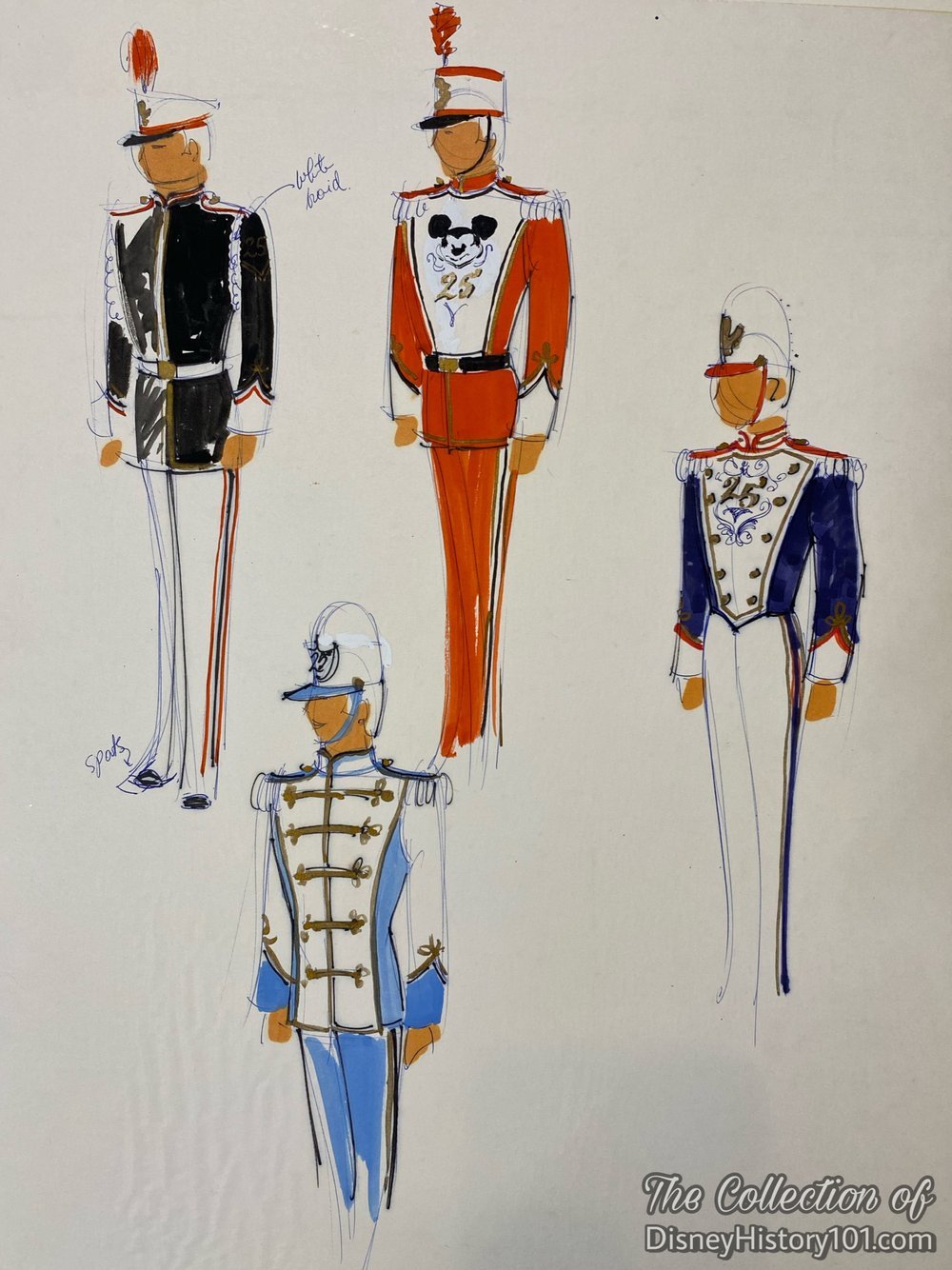
The Disneyland Band received a whole new wardrobe.
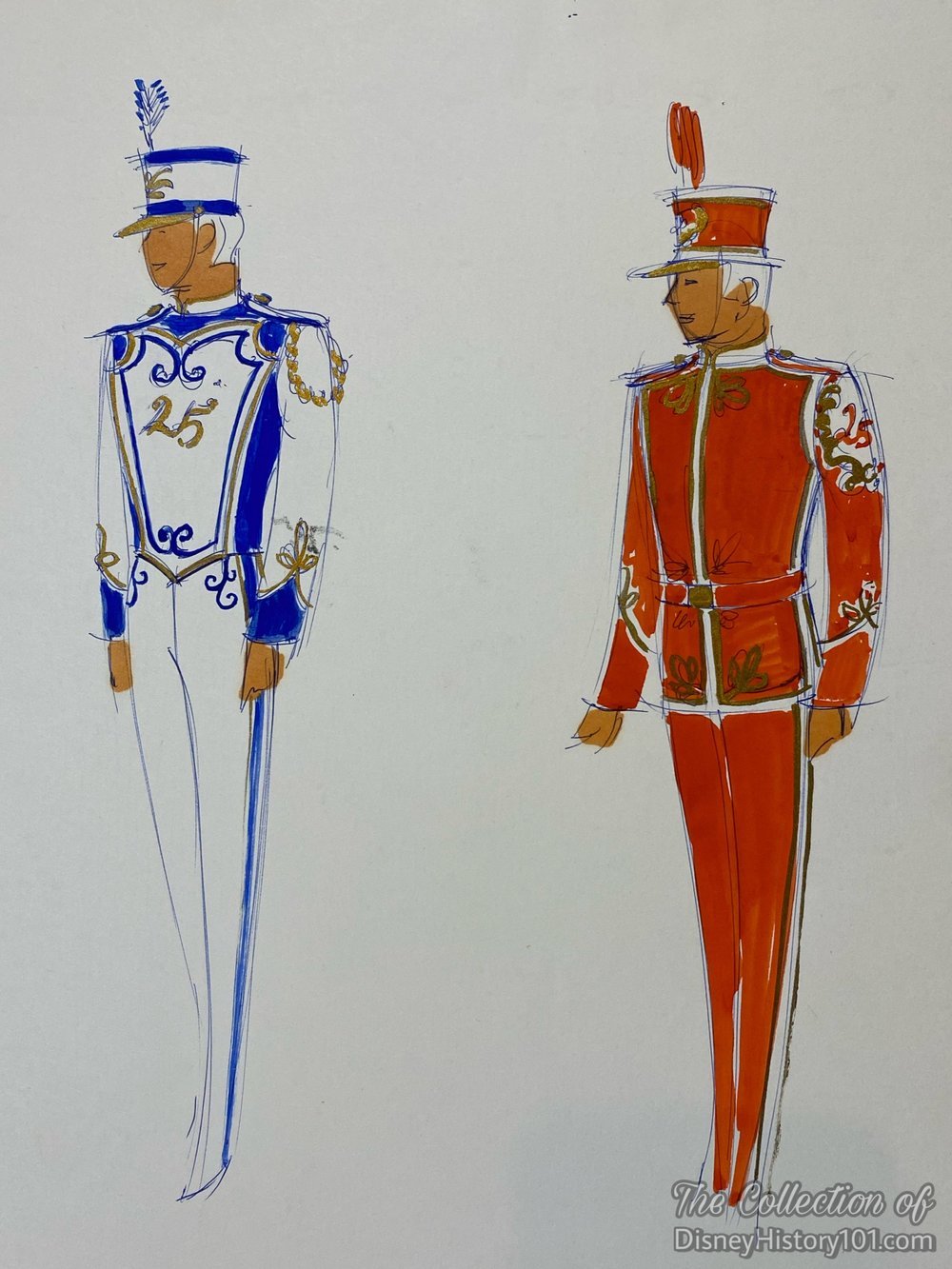
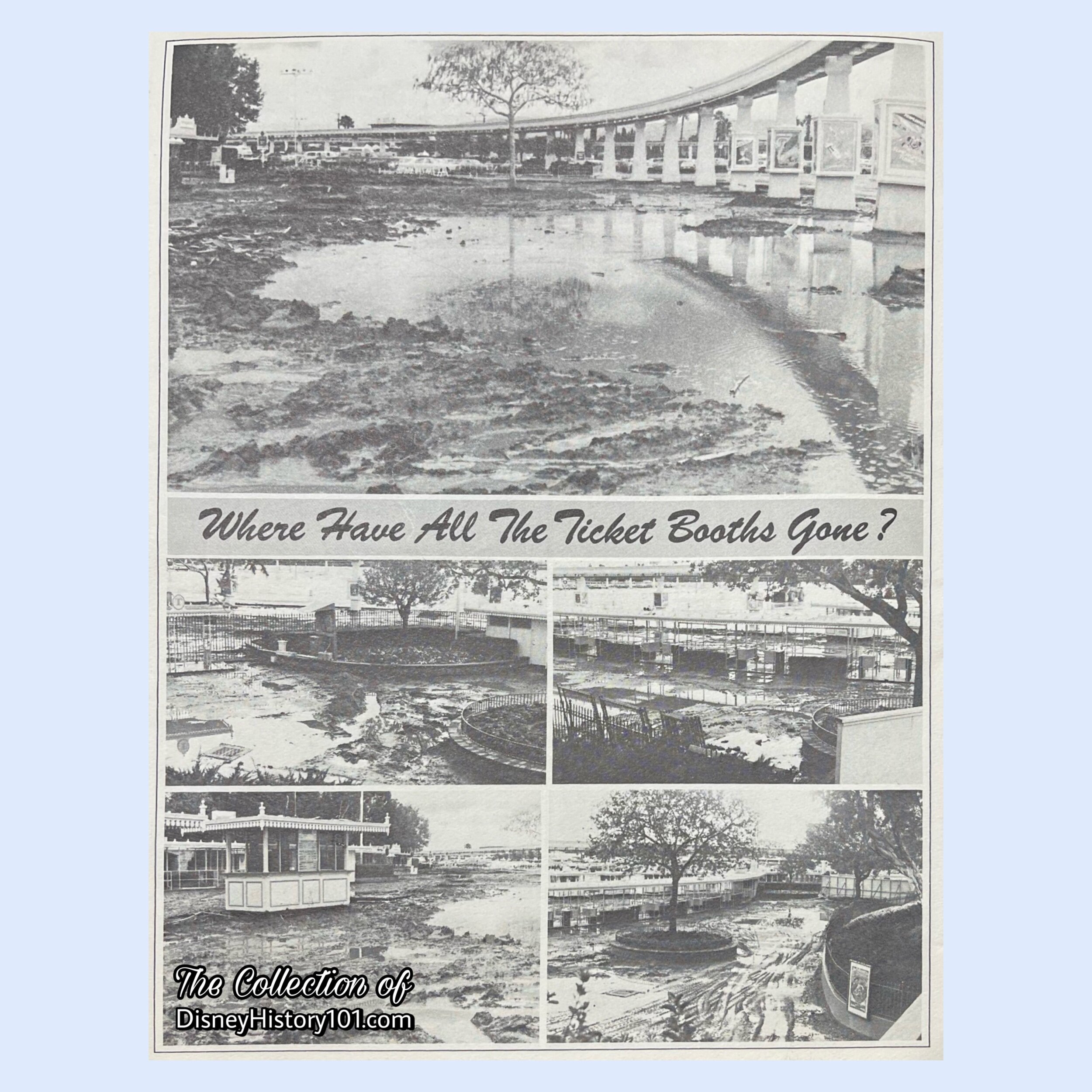
A new Main Gate was a project several years in the making - a collaboration of WED Imagineering and Disneyland Industrial Engineers, Disneyland Planning Department, and Main Street personnel!
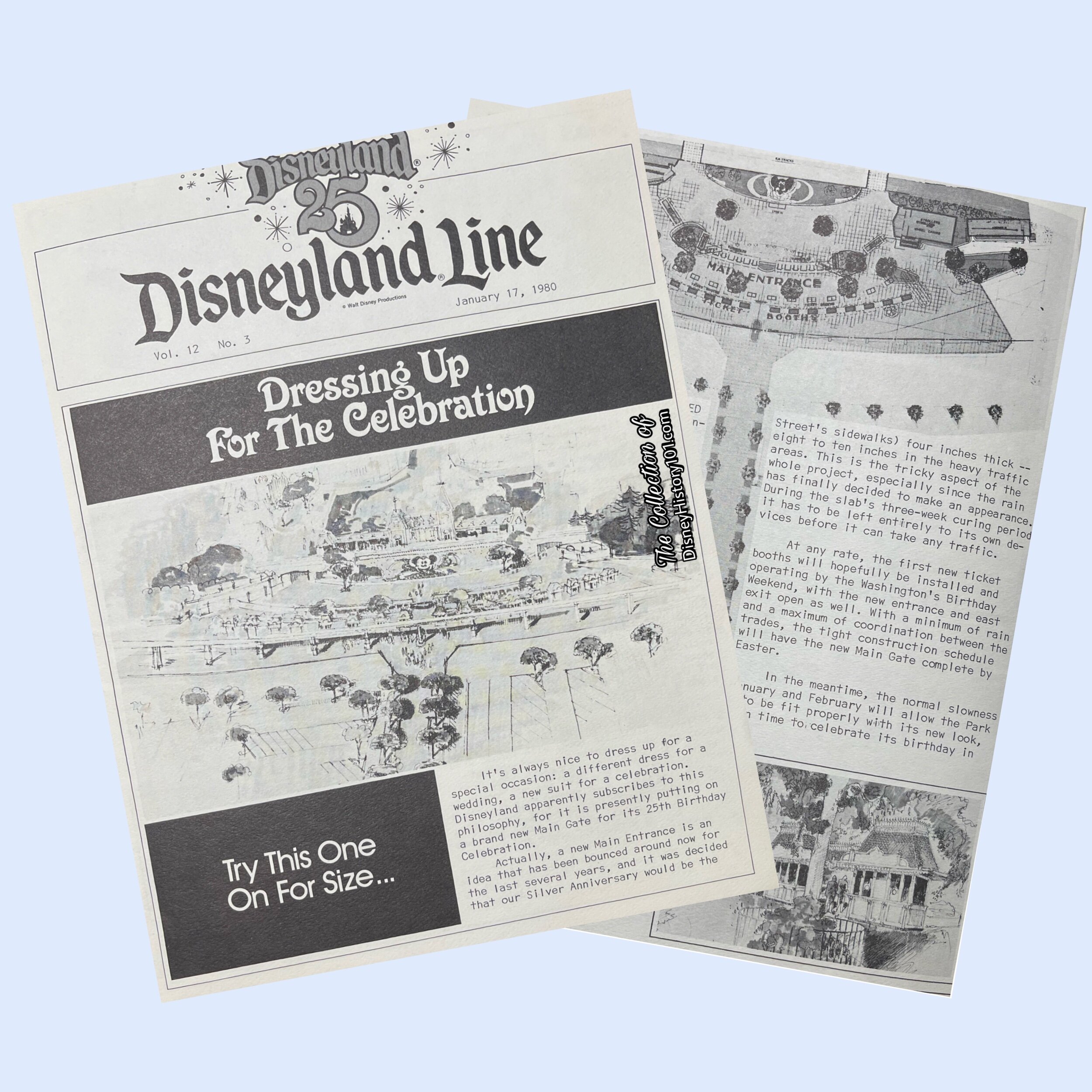
Other plans included “Celebrate the Lands” (a seven-week individual salute to the themed lands), a memorabilia exhibit at the Main Steet Preview Center, and even the production of an informative 46-second Pre-Rope-Drop Announcement (for the Main Street Area), designed to welcome guests to the 25th Birthday celebration of Disneyland. All of these plans in addition to other festivals (like Festival Japan, Festival Mexico, Festival Canada) and celebrations (like Encore Nights) that would occur during the 25th anniversary year!

“Here’s a place made of dreams, a kingdom full of magical things!” What better reason would there be to commemorate Disneyland’s 25th Year with twice-daily performances of the “Disneyland 25th Birthday Parade” (also called “Disneyland's 25th Anniversary Family Reunion Parade”)! Some of the following “Vintage Views” feature the various parade units which celebrated the spirit of Disneyland’s individual lands with plenty of floats and character guest stars in the “25th Birthday Parade”. Mickey Mouse, Donald Duck, Pluto, and Goofy lead a cast of 150 performers who bring alive a quarter-century of memories for each of the Park’s seven theme lands. After a year and a half in the making, the Disneyland Entertainment Division production debuted on January 5th.
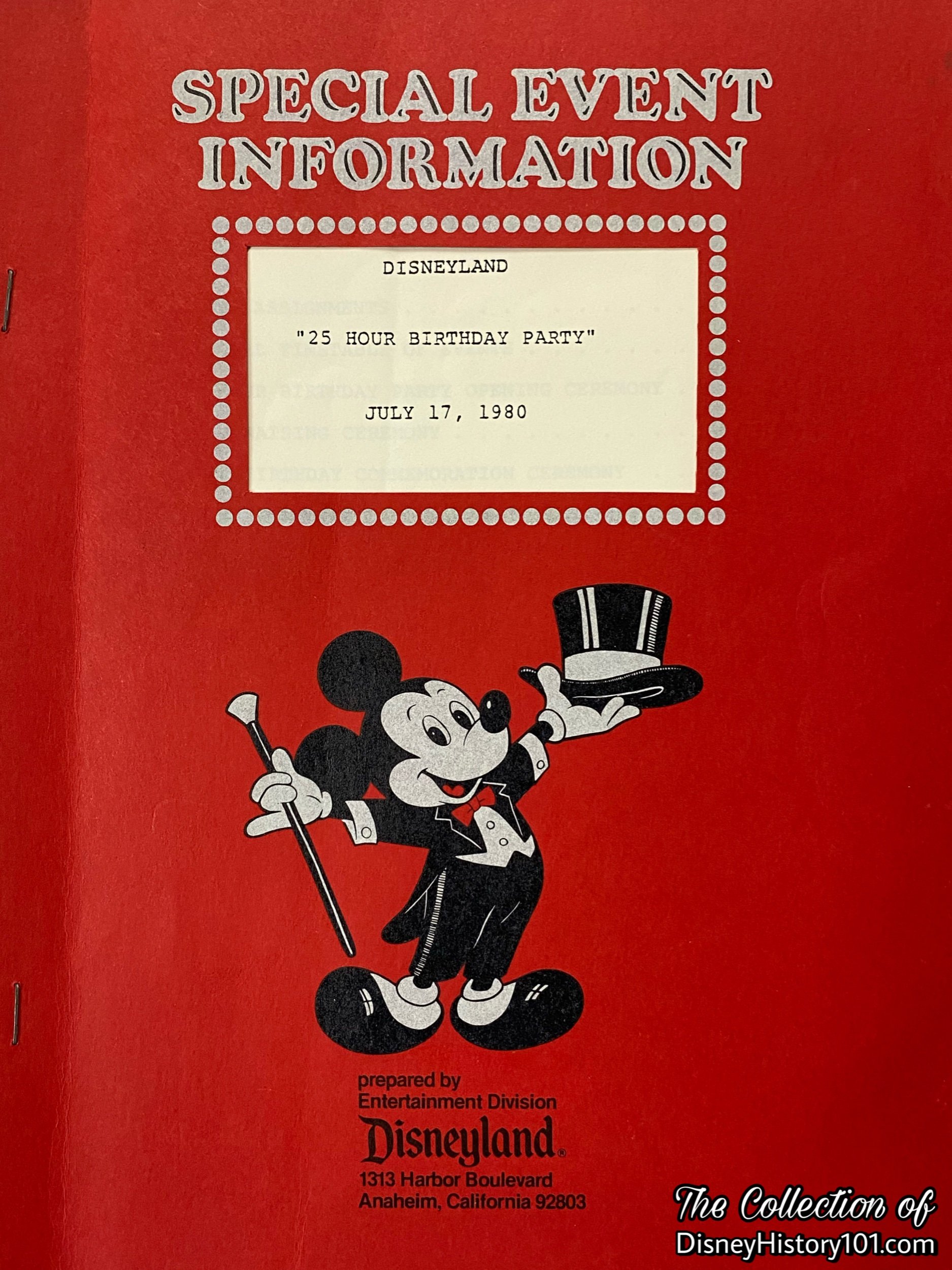
A “25 Hour Birthday Party” was held at Disneyland - the party (similar to that of New Years’ Eve) began at 12:01 a.m., and lasted for 25 hours, from Wednesday, July 16th, 11:30 p.m. until Friday, July 18th, 1:00 am! Admission was $12.50, and included unlimited access to all attractions, free parking, free family pictures, birthday hats, noisemakers, and buttons, and a special Birthday Meal with free birthday cake. A giant birthday cake was installed in the Hub planter bed. Special shows highlighted 25 year of dance styles, with performances by The Dirt band, Billy Preston and Syreeta, Skiles and Henderson, Papa John Creach, and the S.O.S. Band, Becky Hobbs and Lee Dresser, Rupert “Pina Colada” Holmes, as well as Les Brown and His Band of Renown. All of this, in addition to 59 major attractions was certainly a reason to celebrate!
The Disneyland Entertainment Department prepared to bring back “selected ‘oldies but goodies’ as well as present stars who first got their start here in the Magic Kingdom,” according to The Disneyland Line (December 13, 1979). The Plaza Gardens hosted “Happy Birthday Disneyland” - “a fun lovin’ band of Disney characters,” afternoons (at 1:30, 2:30, 3:30, 4:30, and 5:30 PM)! Disneyland presented the “Top 40 Night” on June 7th, 1980. The stages around Disneyland featured various big bands for the nightly entertainment, in addition to special performances by the Kids of the Kingdom, The All American College Band, with appearances by 30 Disney Characters, and a few encore performances by past entertainers. Popular performers included K.C. & The Sunshine Band and Teri De Sario (on the River Stage), Shalamar (on the Space Stage), Sunshine Balloon (on Tomorrowland Terrace), Papa Doo Run Run (in the Plaza Gardens), Polynesian Revue (at Tahitian Terrace), and Teddy Buckner & His Jazz All-Stars (on the French Market Stage).
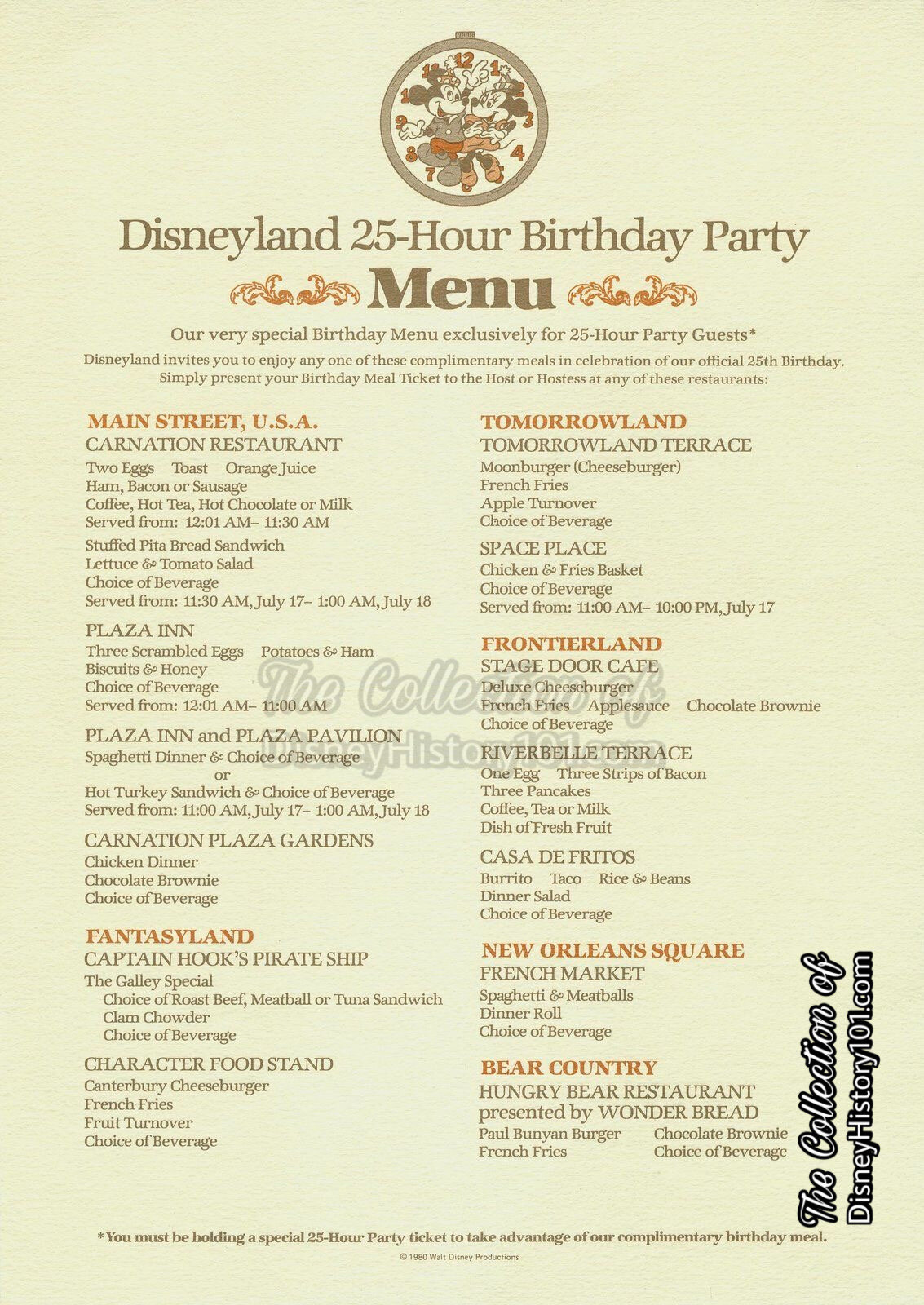
Memorabilia merchandise, a memorabilia exhibit at the Main Street Preview Center, a special “Re-Union” newspaper, helped commemorate the experience. After all, this was also a time for Disneyland’s participating corporate sponsors (i.e. AT&T, Gerber, Bank of America, Elgin, Orville Redenbacher and others) to celebrate 25 years of Disneyland!
A televised special made use of Cast members - many of them were featured on camera. Former Disneyland Cast Member George Trullinger recalled his involvement and experiences while contributing to the Disneyland 25th Anniversary Year : ”I worked Jungle Cruise ‘79-’81, and was sent to work that parade a few times…[I] also participated in the last scene of the 25th Anniversary TV special, hosted by Danny Kaye… I was very lucky to meet a lot of celebrities during my time at the Park. To celebrate the 25th, they had a private party night, that was truly a night of stars, mostly people who had done films and television for Disney. I did meet Michael Jackson early one morning before the Park opened. He had been riding Pirates of the Caribbean before the rope drop, and I bumped into him running to my opening shift.”
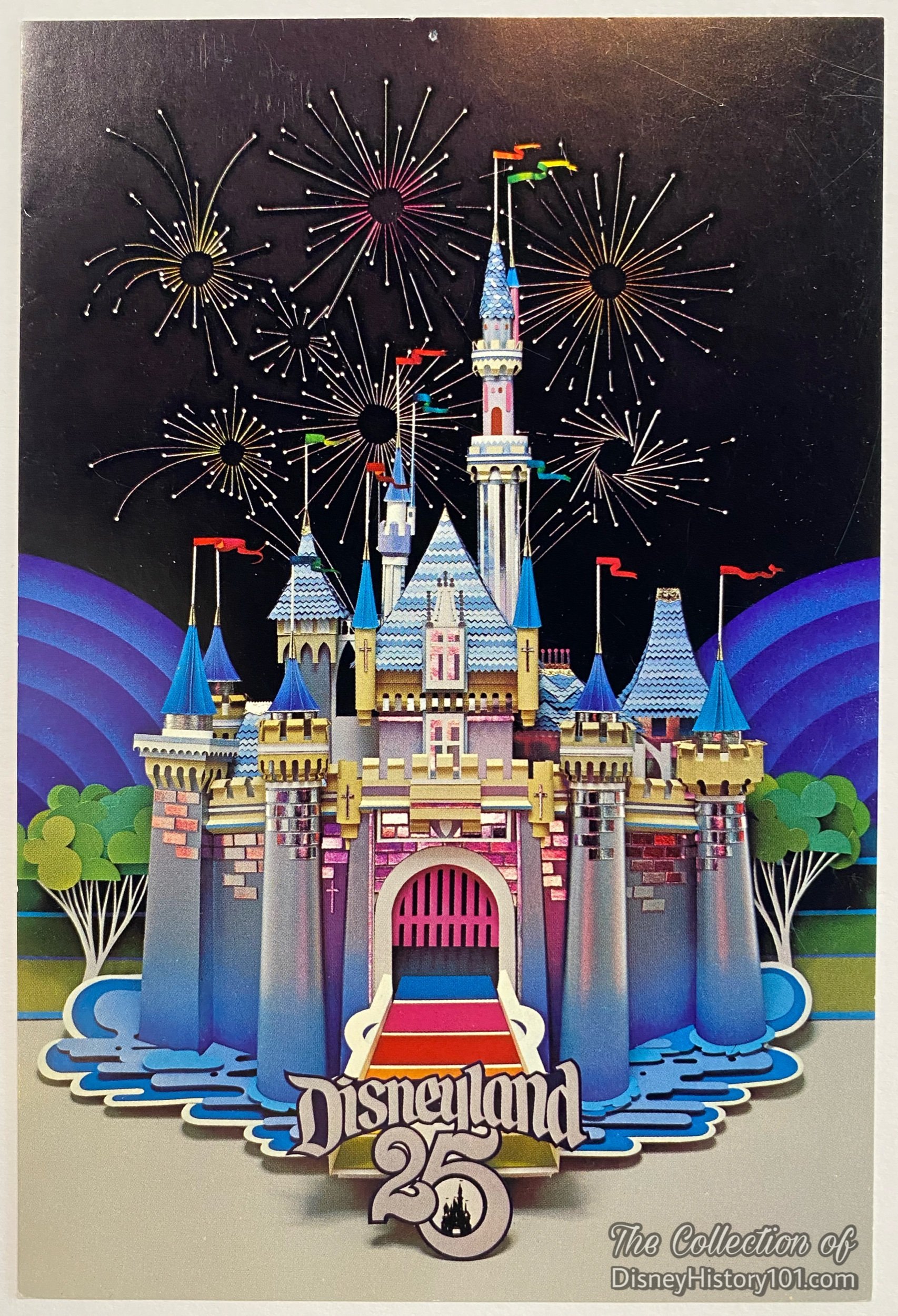
The Disneyland 25 Fantasy in the Sky Spectacular immediately followed the first Main St. Electrical Parade, approximately 9:40 p.m., July 17th, 1980. The show was coordinated by Fred Duffy. An opening announcement was followed by the ignition of “Disneyland 25” aerial set-piece at approximately 450’ altitude, presented over “Zip-A-Dee-Doo-Dah.” Next a fanfare and intro of the aerial fireworks show Disney section begins. This was followed by a specially augmented patriotic finale.

In addition to Disneyland’s current entertainers, “Mousekedays” brought members of the original Mickey Mouse Club (Cubby, Sharon, Tommy, Lonnie, Bonnie, and Sherry) to the Space Stage in Tomorrowland for the Mickey Mouse Club 25th Anniversary Revue - a singing and dancing tribute to the 25th anniversary of the Mickey Mouse Club! Show times for the latter were at Noon, 1:00, and 4:00 p.m.!
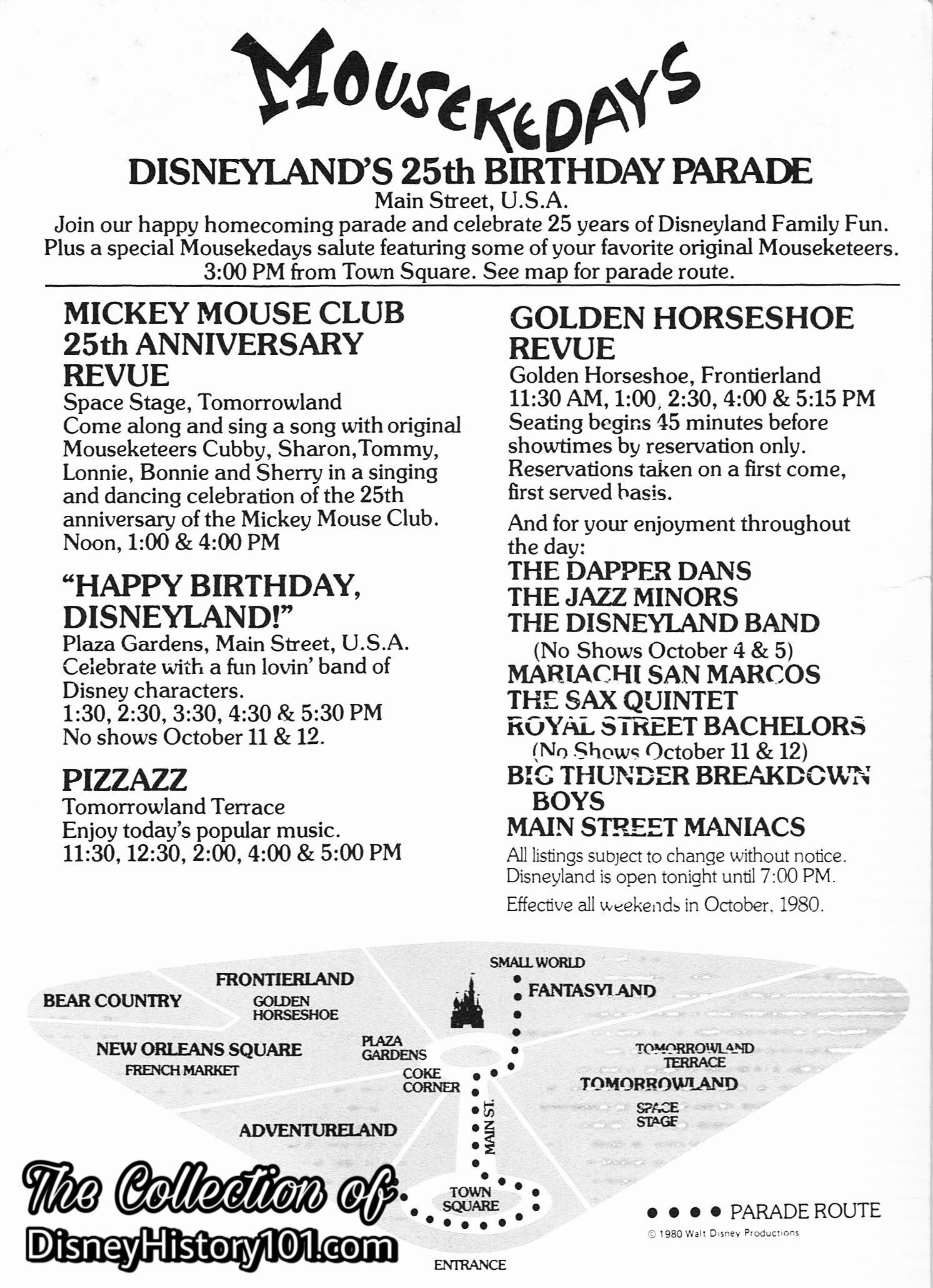
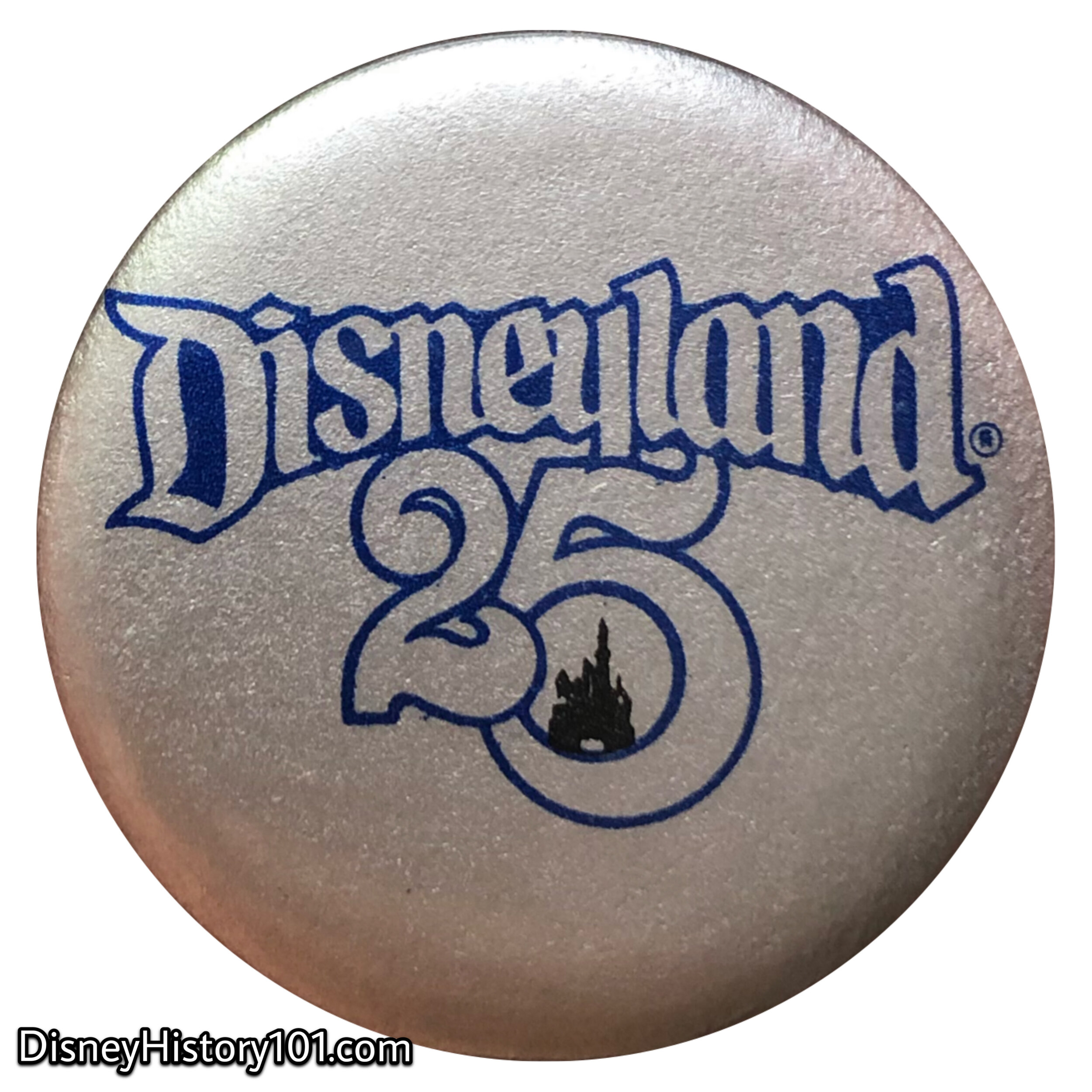
The traditional and modern 25th anniversary year gift is silver, so Disneyland’s 25th color theme was silver (and blue). Buttons bearing the silver and blue “Disneyland 25” logo (like this one), were given to guests upon entry at Disneyland Main Gate!
There was (of course) much (non-complimentary) commemorative merchandise offered during the year-long birthday party.
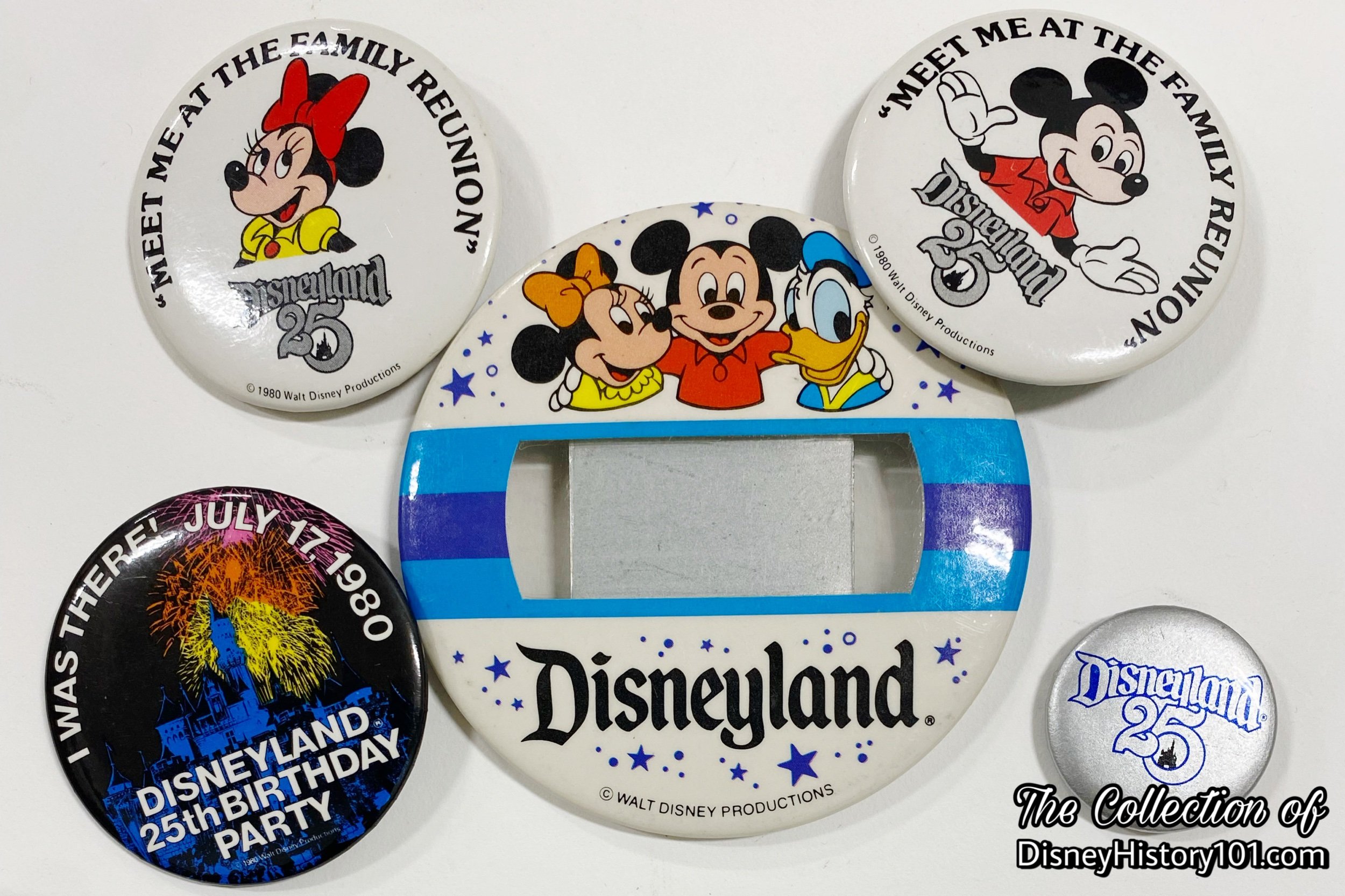
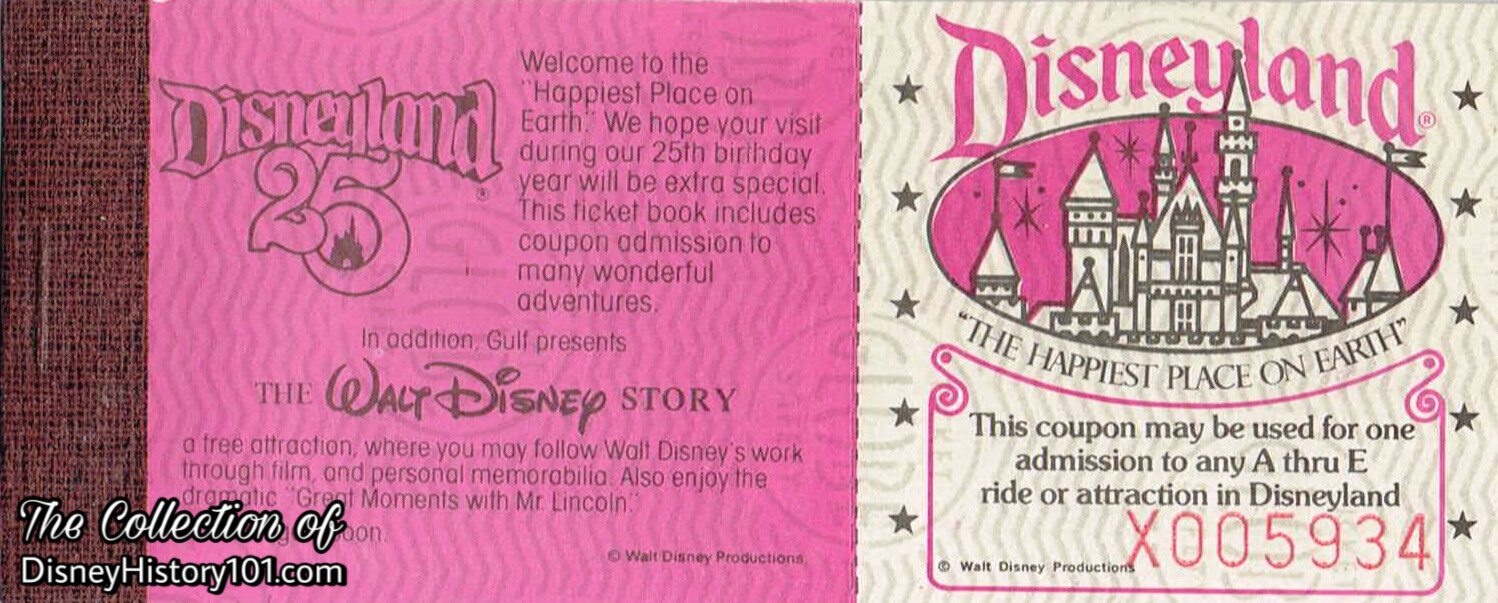
Disneyland coupon books were still around for Disneyland’s 25th anniversary year, but would be gone two years later.
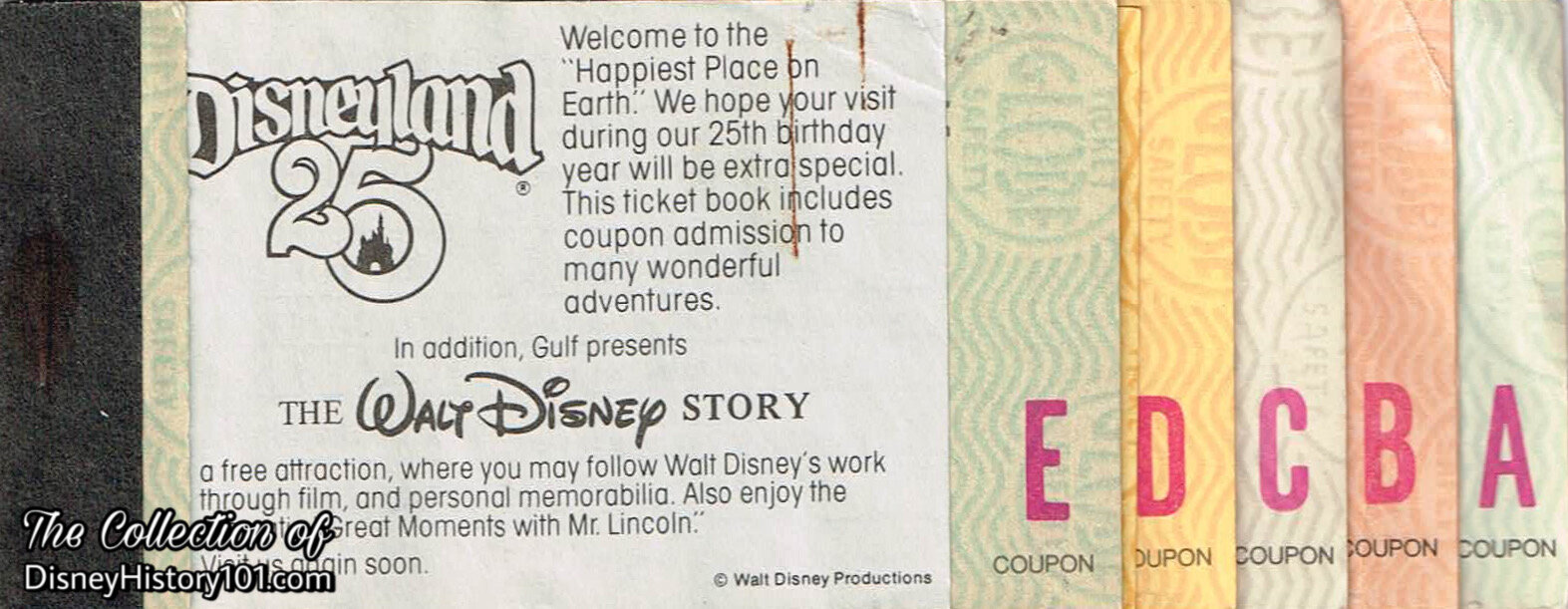
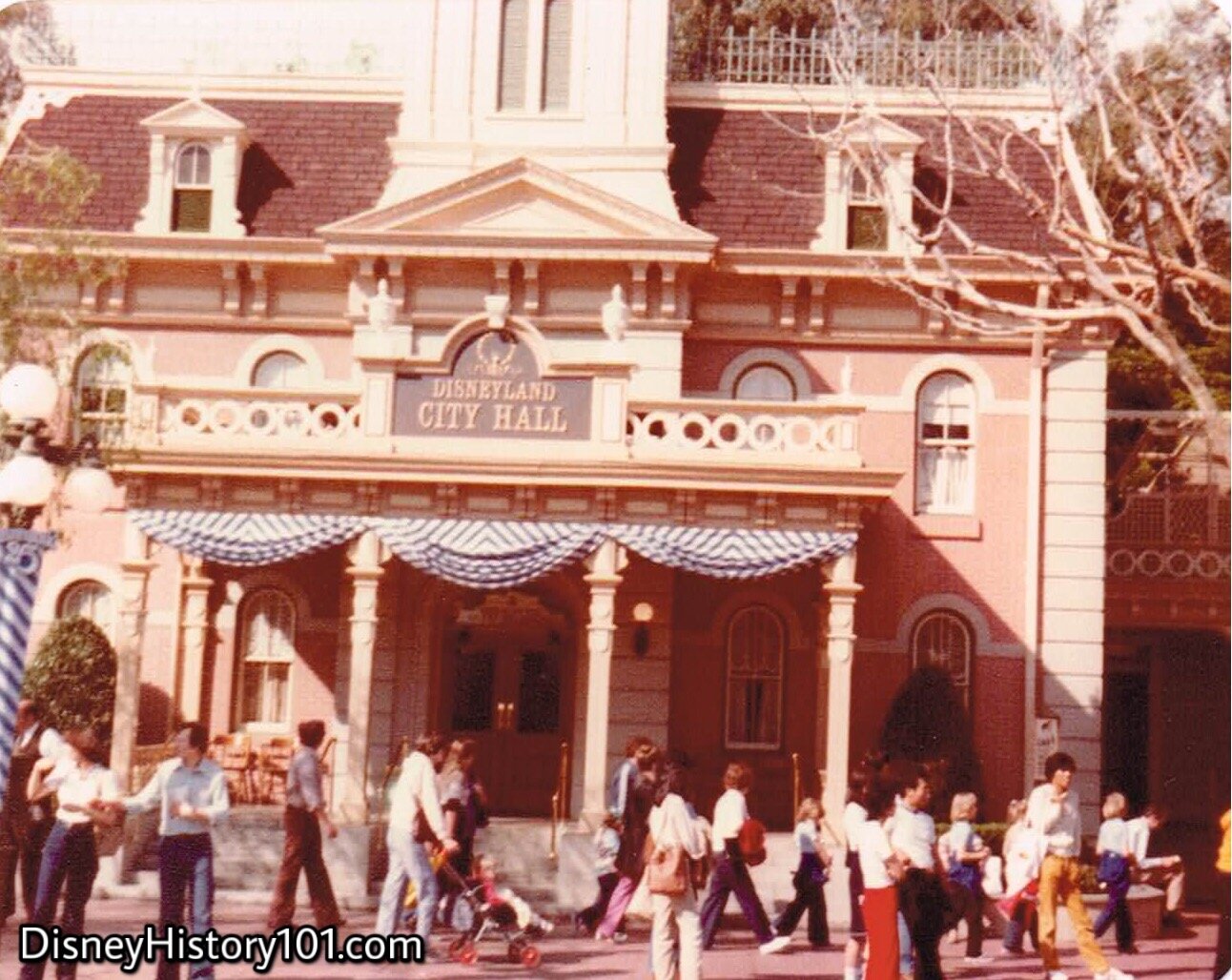
City Hall was draped in blue and silver bunting for Disneyland’s 25th!
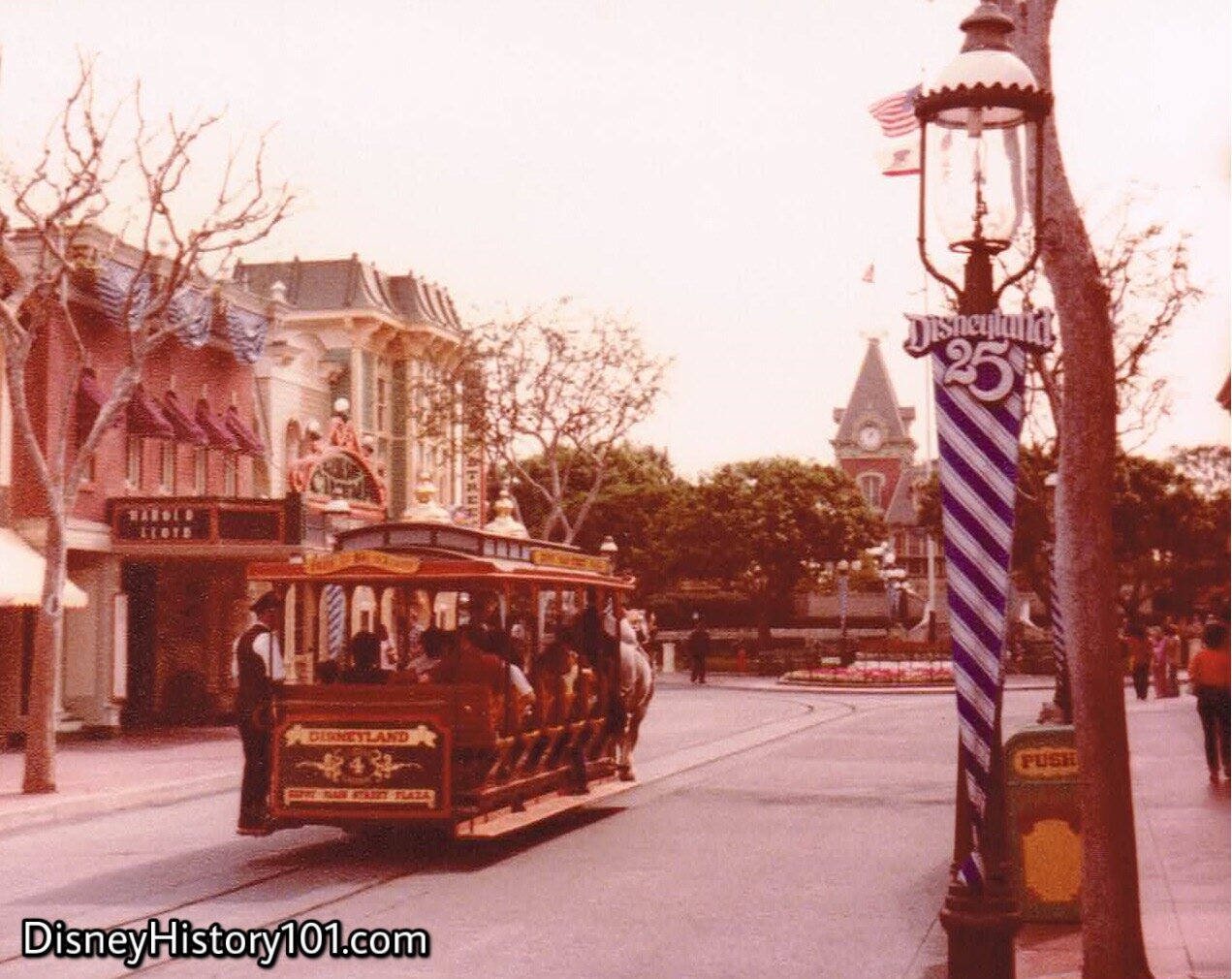
Gas lamp posts (decorated with the Disneyland 25th plaques and matching bunting) lined Main Street U.S.A.!
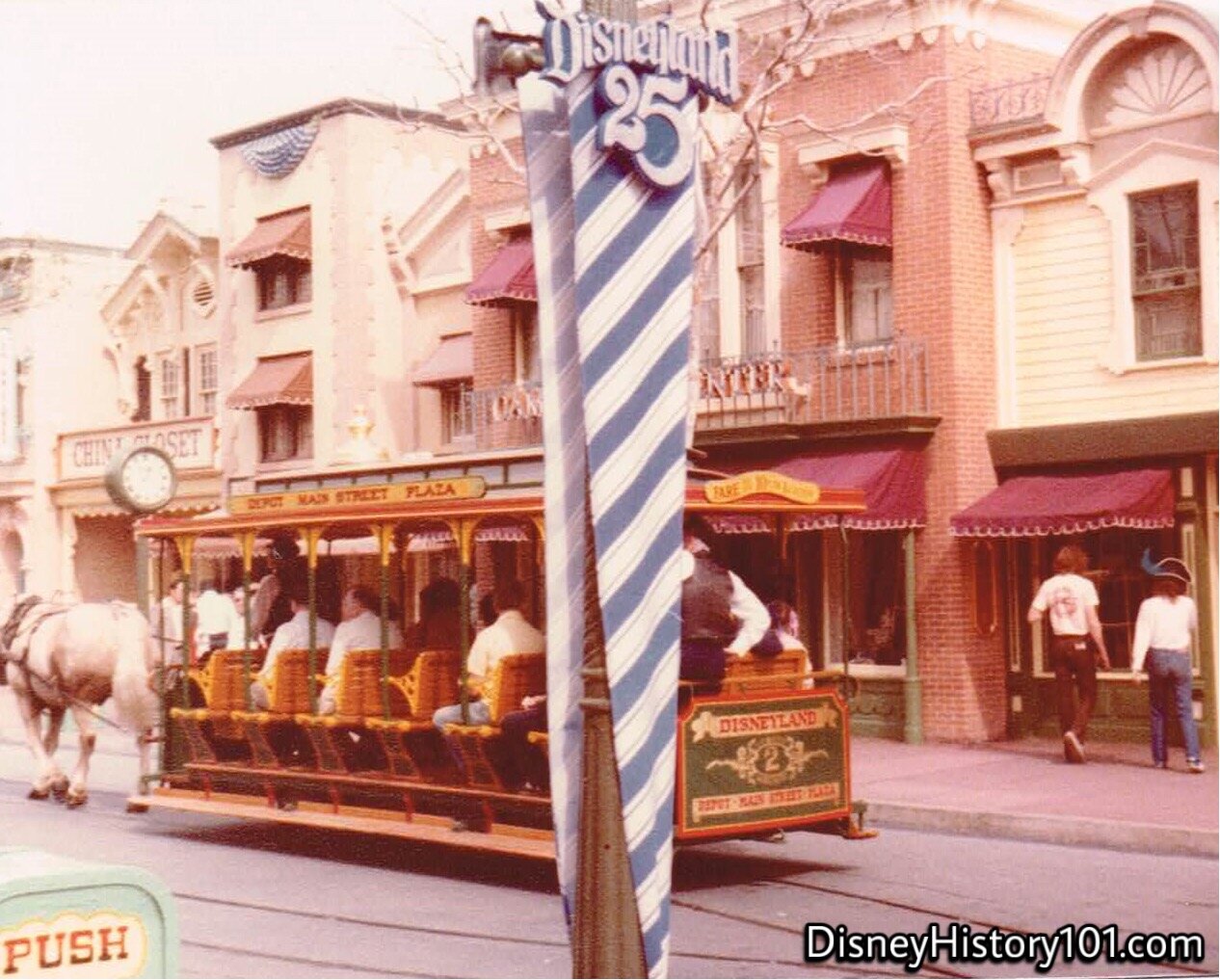
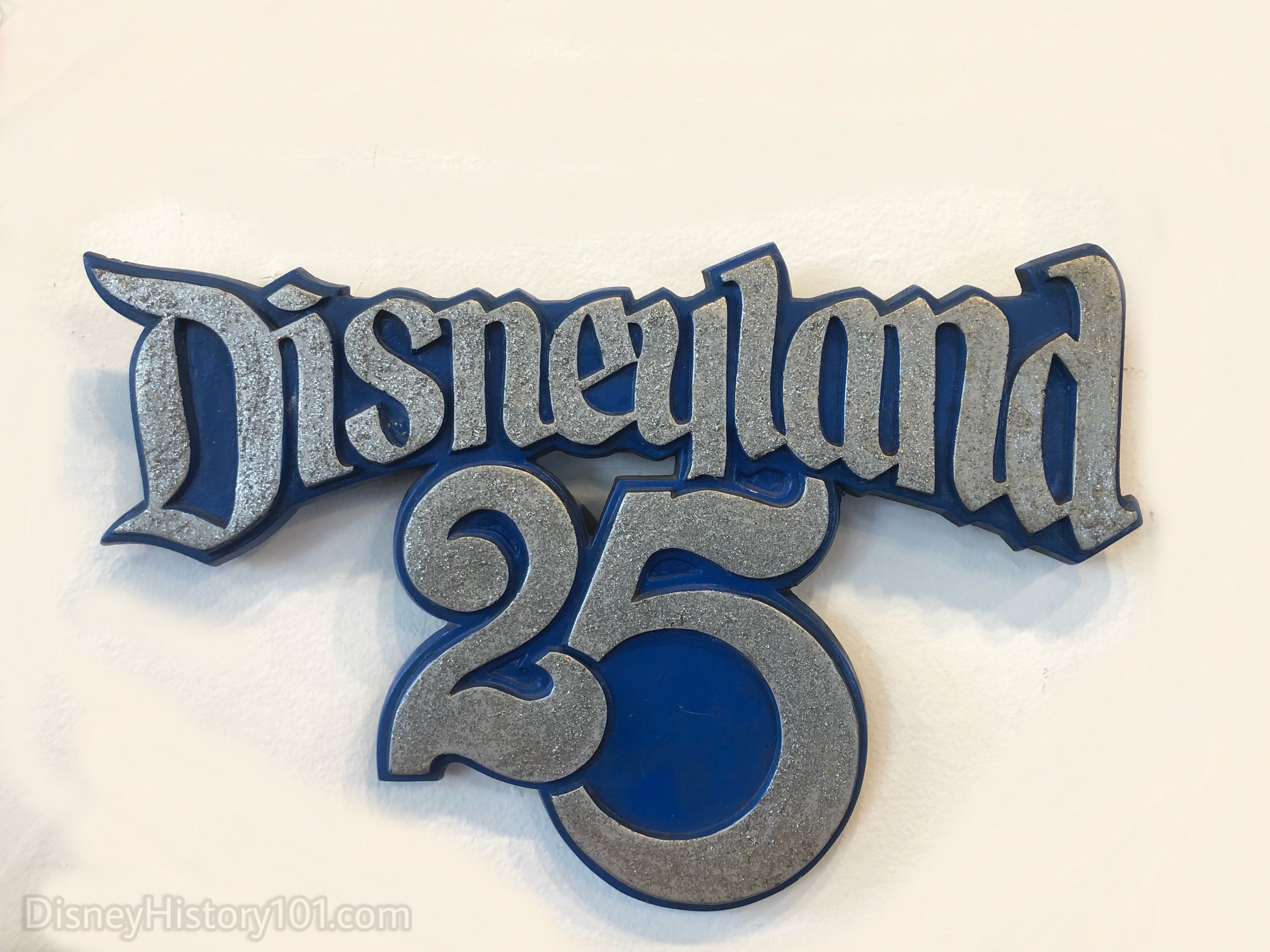
“We’re 25 years old today!” Decorative fiberglass signs like this with shimmering blue and silver letters were fixed to Main Street USA’s light posts for the celebration, and reminding passerby of the Park’s important milestone!
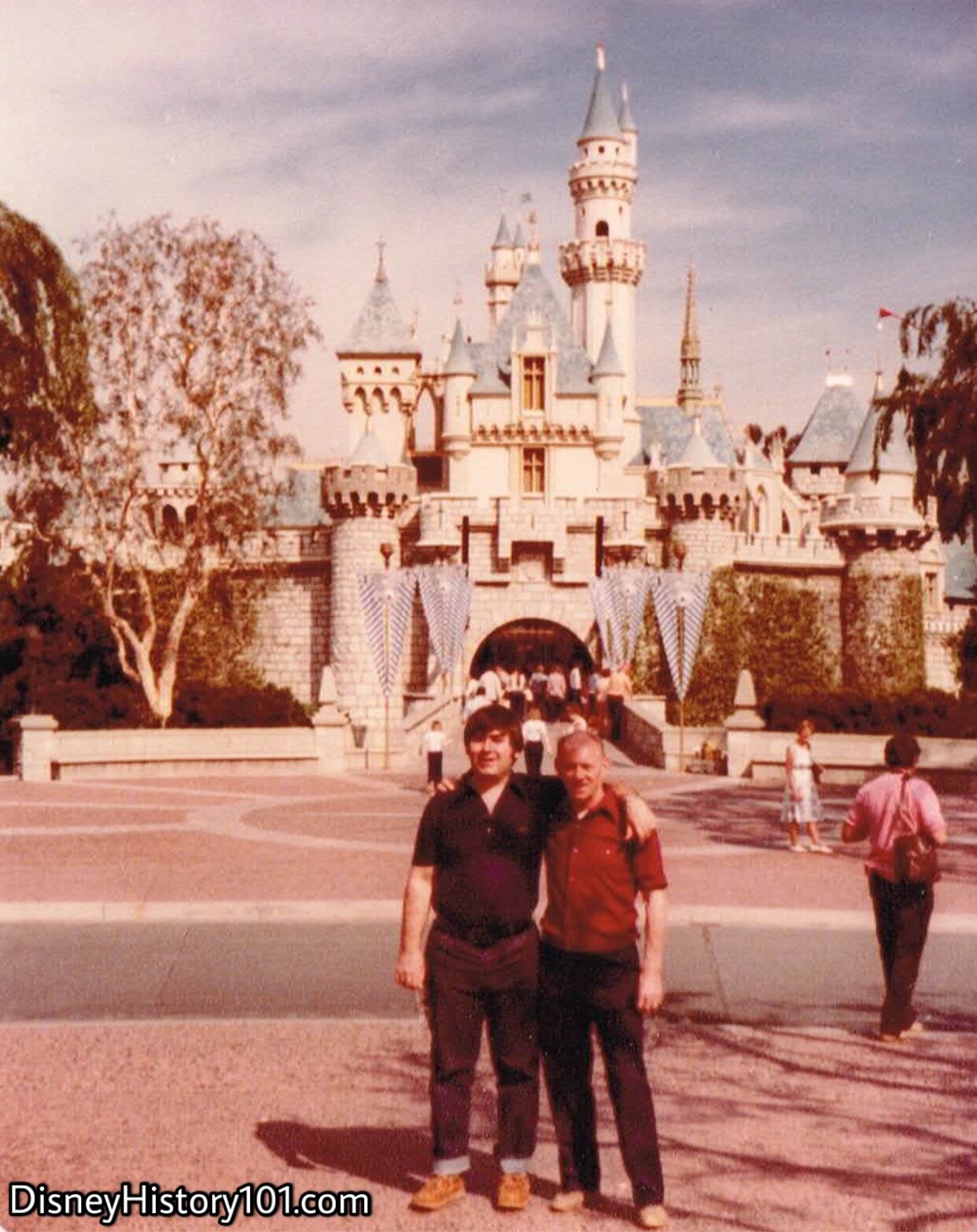
Special silver and blue bunting lined the pathway from the Compass Rose to “the happiest land of them all”!
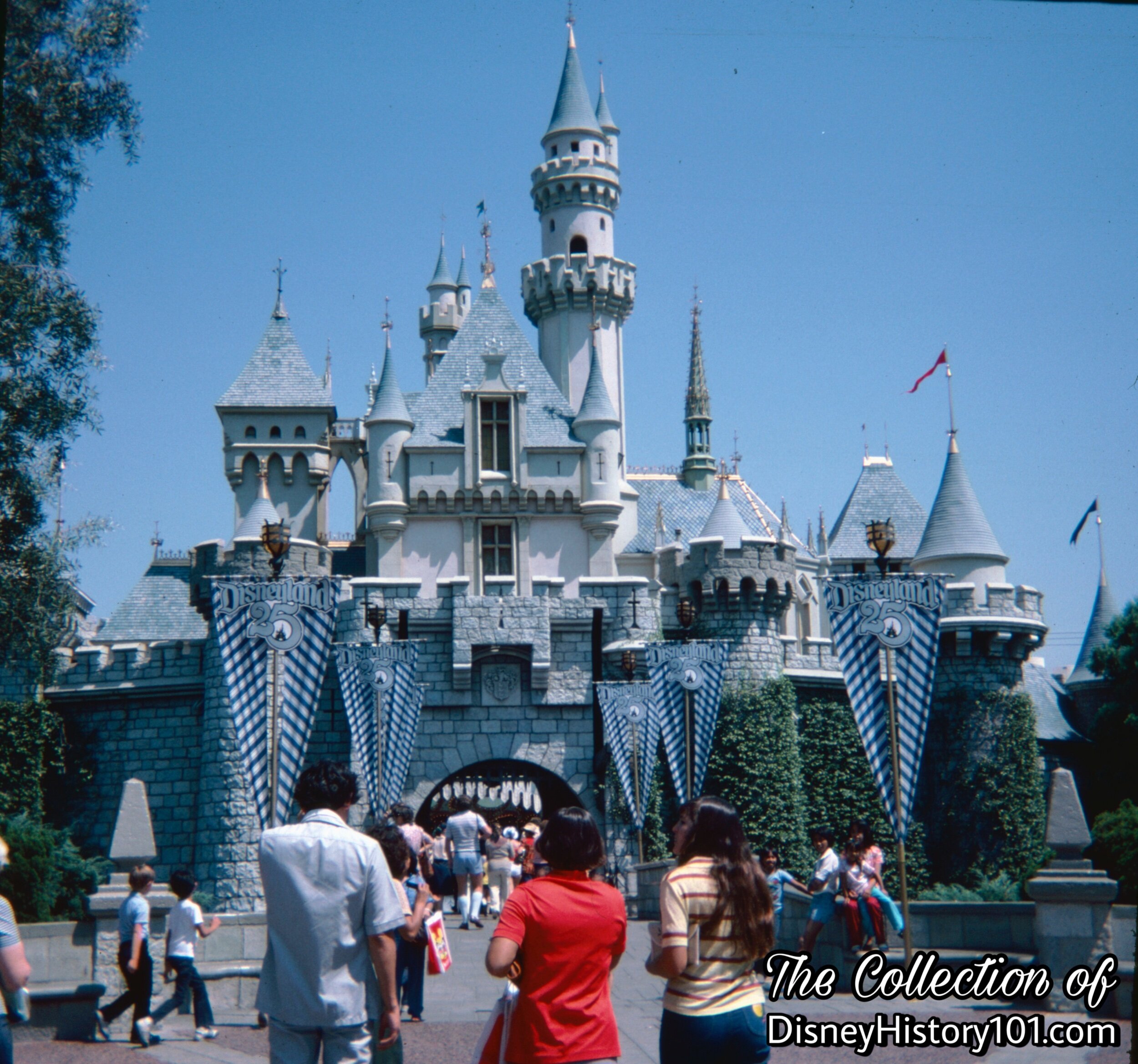
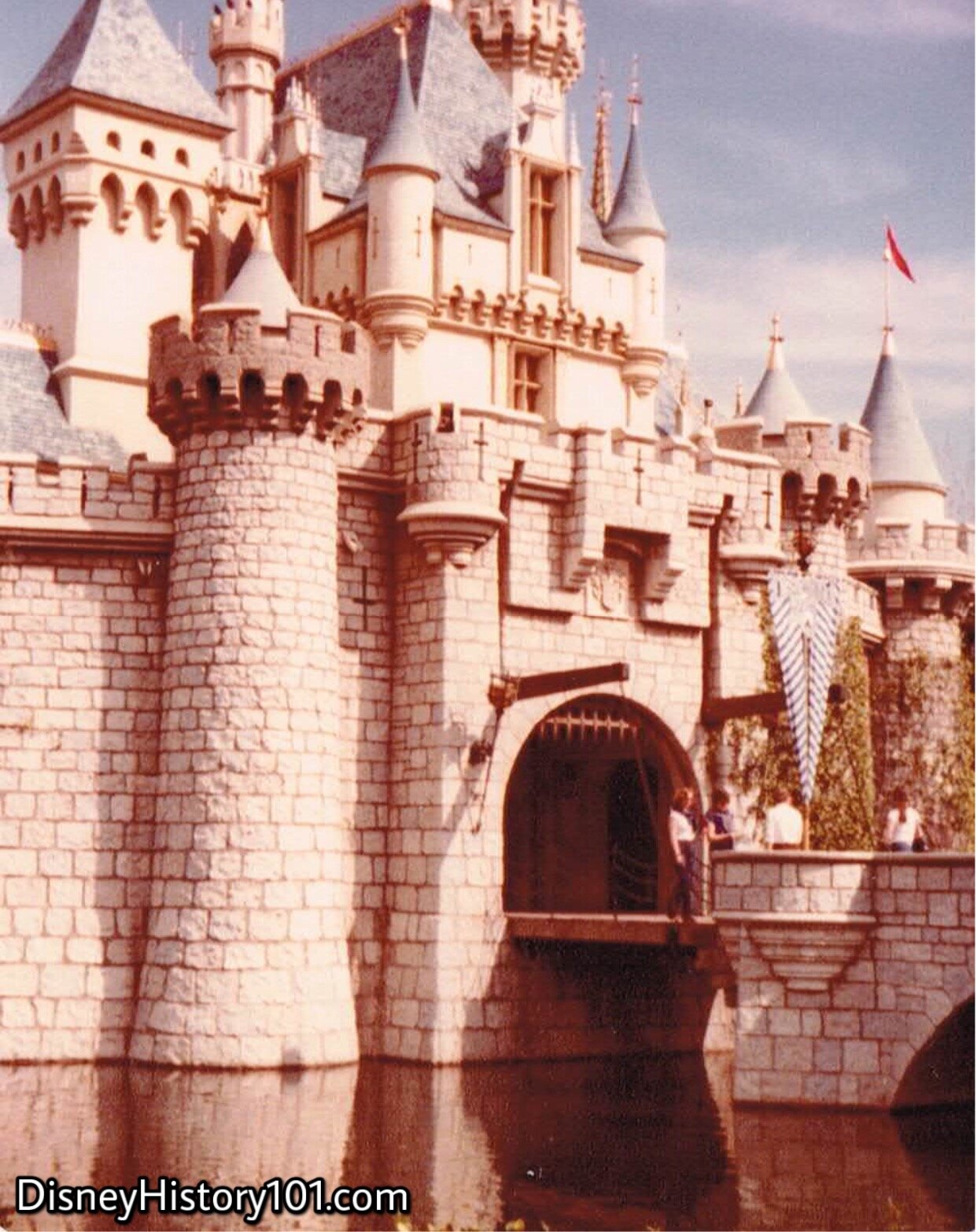
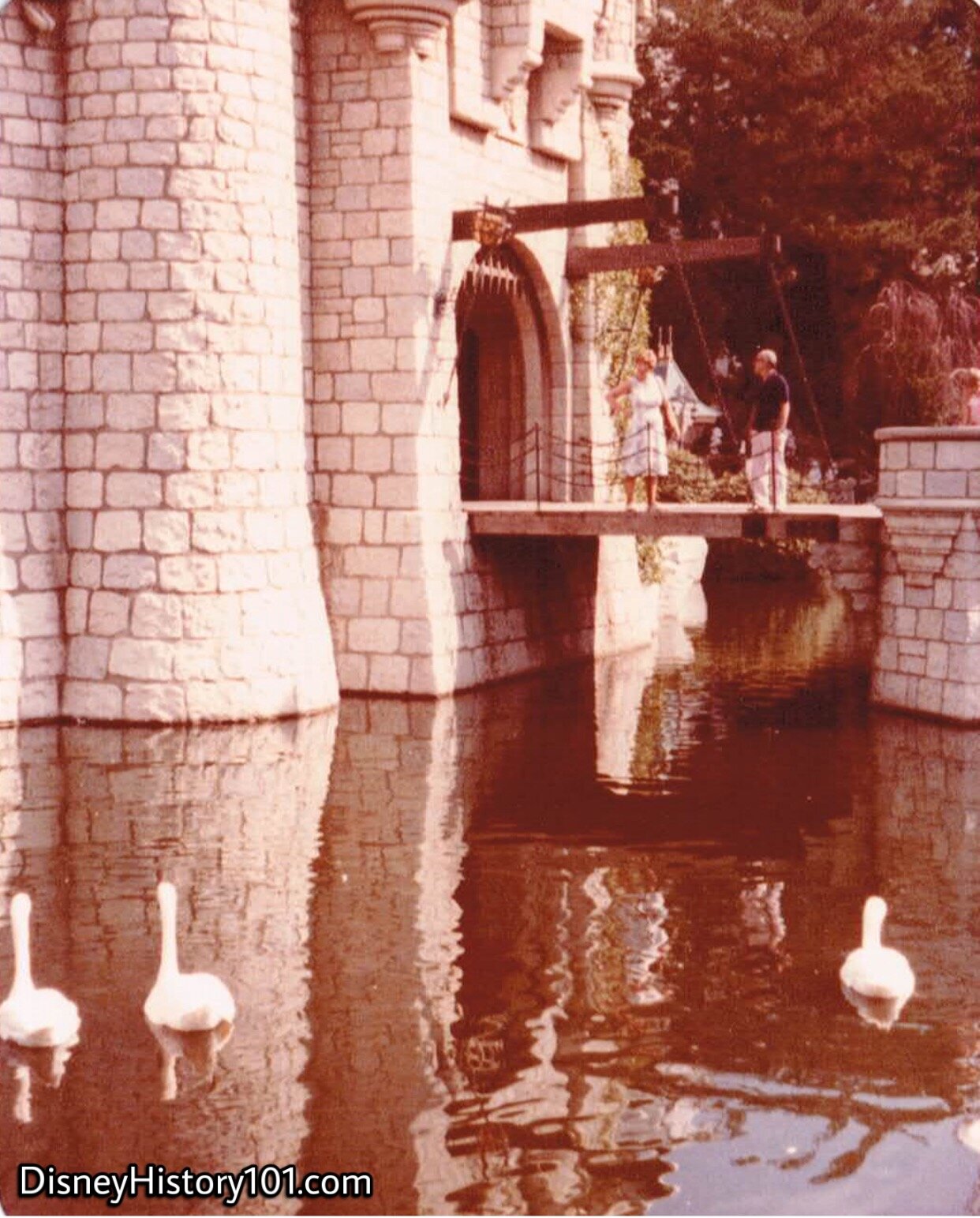
Other guests of “Disneyland 25 Years” include the water fowl that regularly visited Swan Lake!
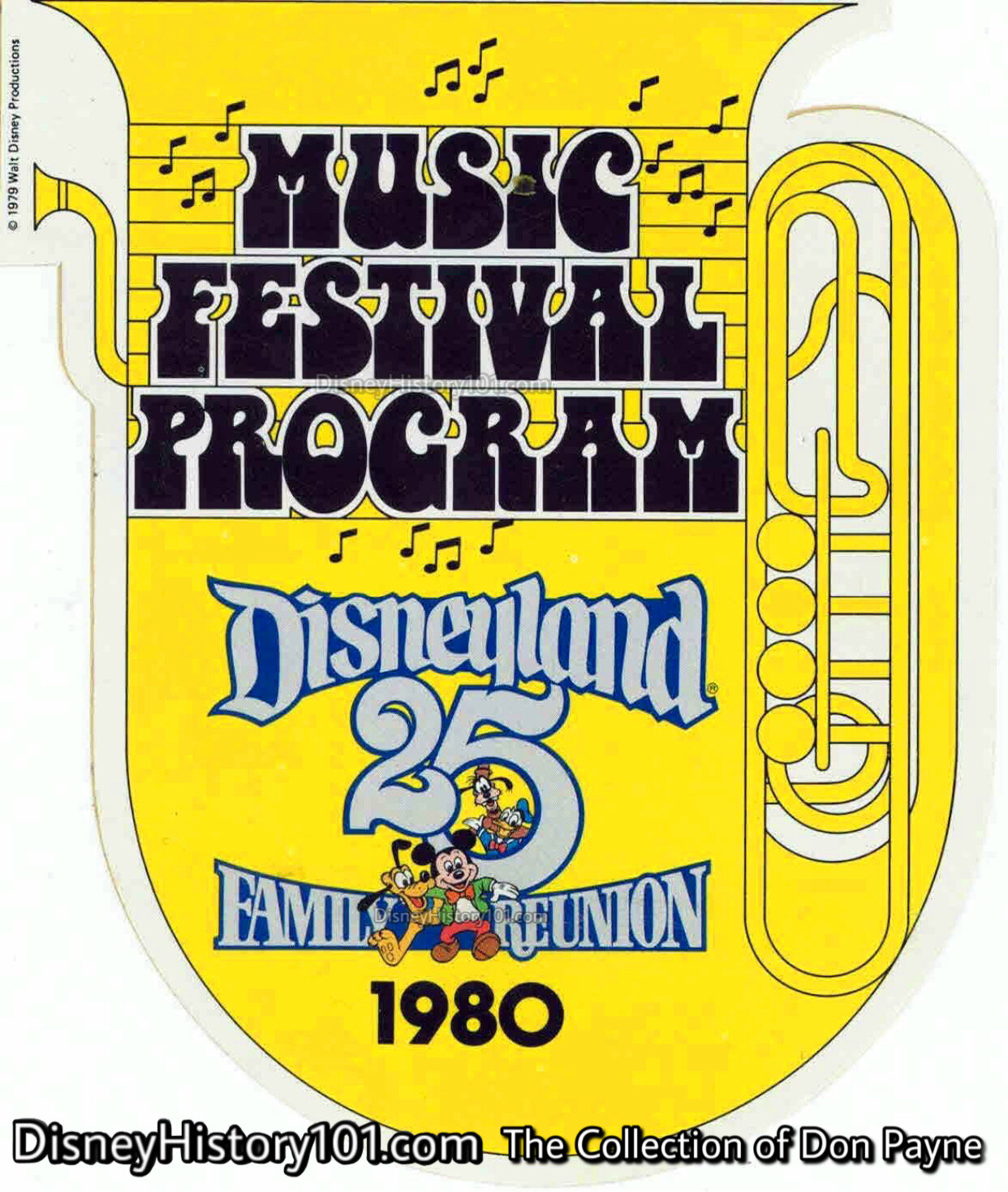
The Music Festival (in force by this name, during the late 1970’s) generally spotlighted youth bands, marching bands, choirs, singers, and drill teams across several weeks. As a “sidelight,” it is believed that this Music Festival Program cover illustration is the work of Gene Calmelat Disneyland Illustrator.

In addition to their usual Main Street marches, concerts in Town Square and the Plaza, as well as their involvement in the Flag Retreat Ceremonies, the Disneyland Marching Band performed in Disneyland’s 25th Birthday Parade! In “step” with Disneyland’s 25th, the Disneyland Marching Band received special blue costumes (with silver highlights), and matching military style “shako” hats with feathers on top! For all of its memorable highlights, Disneyland guests were encouraged : “Don’t let this parade pass you by” (Vacationland, Summer, 1980). As one of his final acts as Disneyland Band Director, Jim Christensen would direct the band for the Disneyland’s 25th Birthday Parade just before his retirement from Disneyland during 1980.
Yes, a brand new parade was created, “guaranteed to stir up memories of days gone by,” according to The Disneyland Line (December 13, 1979). In preparation, one of the most technologically advanced sound systems was installed by the Disneyland Engineering Designers “in conjunction with WED and Walt Disney World… The “revolutionary sound system [was] destined to demote all present systems to the realm of obsolete… During the quiet hours, when the Park was closed, a trench was dug along the Parade route. Into this trench, at 23 locations, high powered antennae were embedded. These are signal receivers for a computer-commanded operation that will give our Family Reunion parade the sound of the future,” according to The Disneyland Line (December 13, 1979).
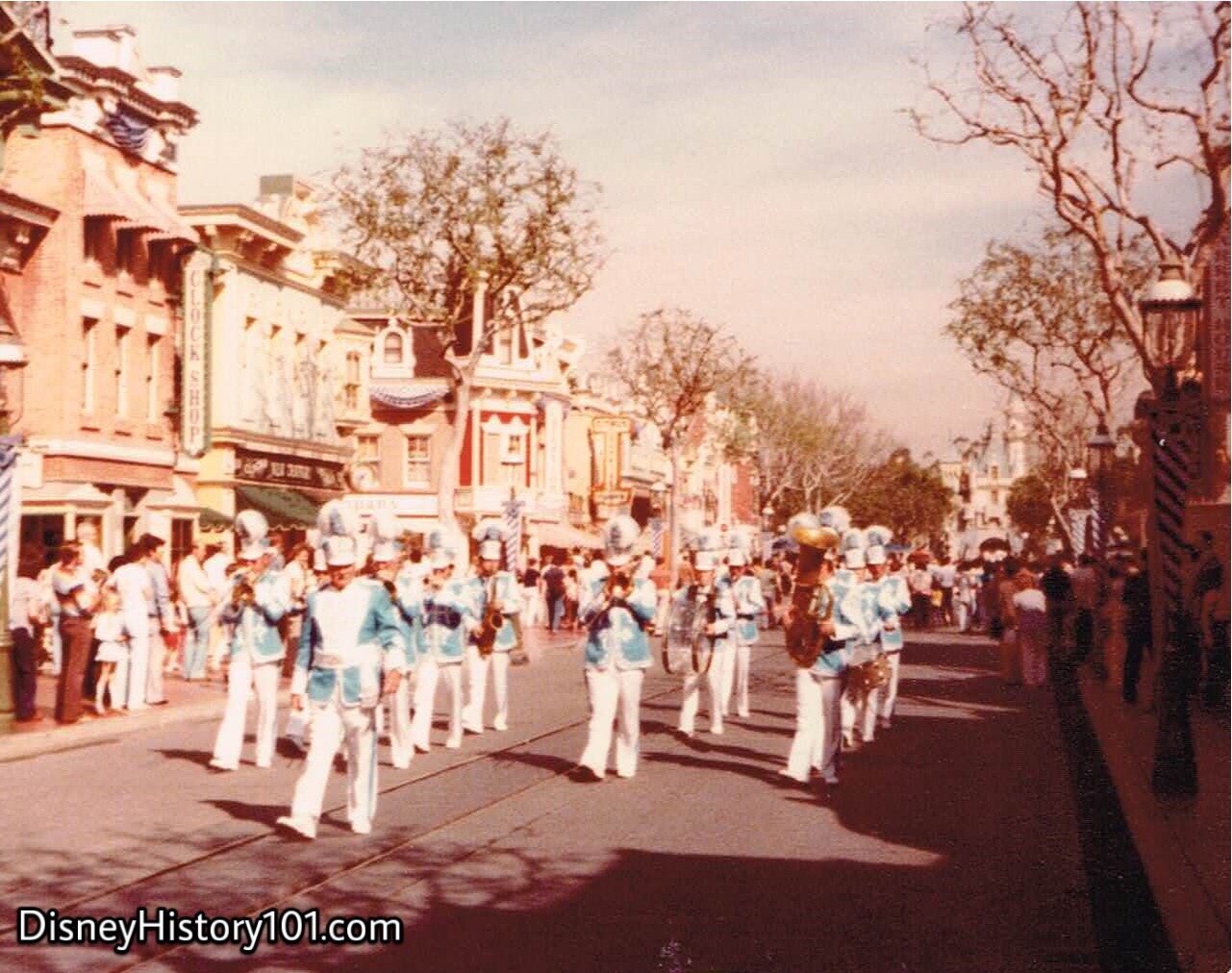
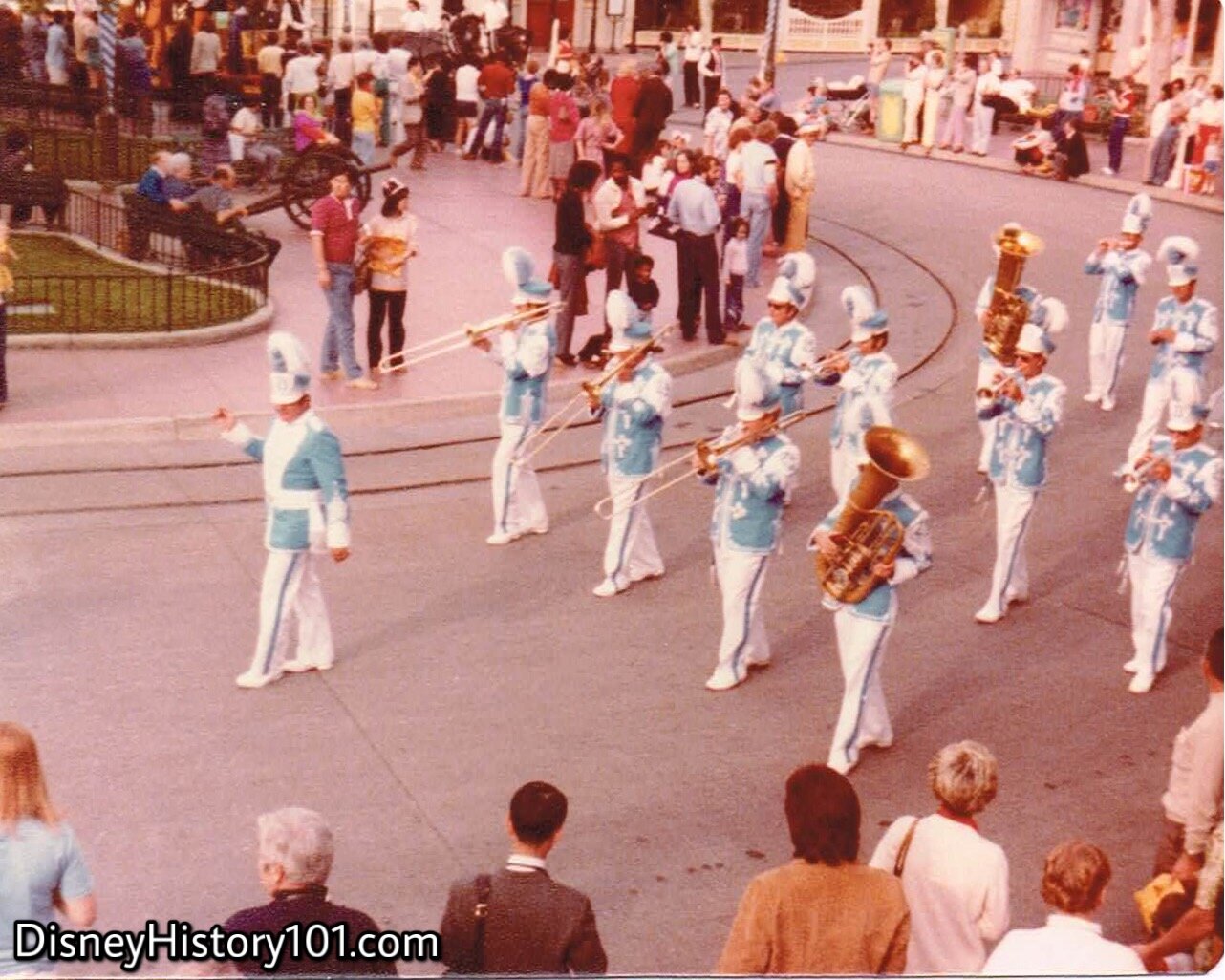
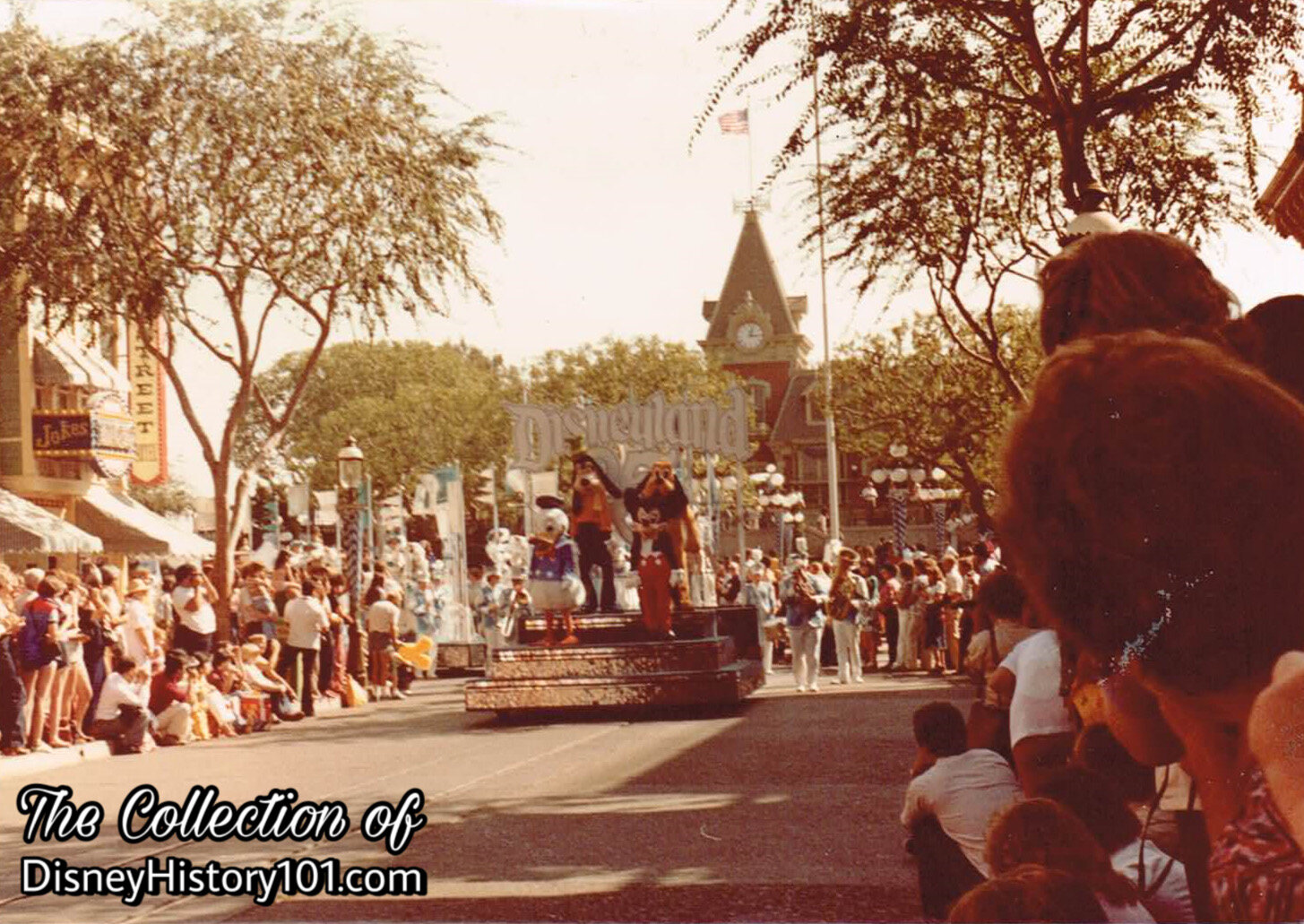
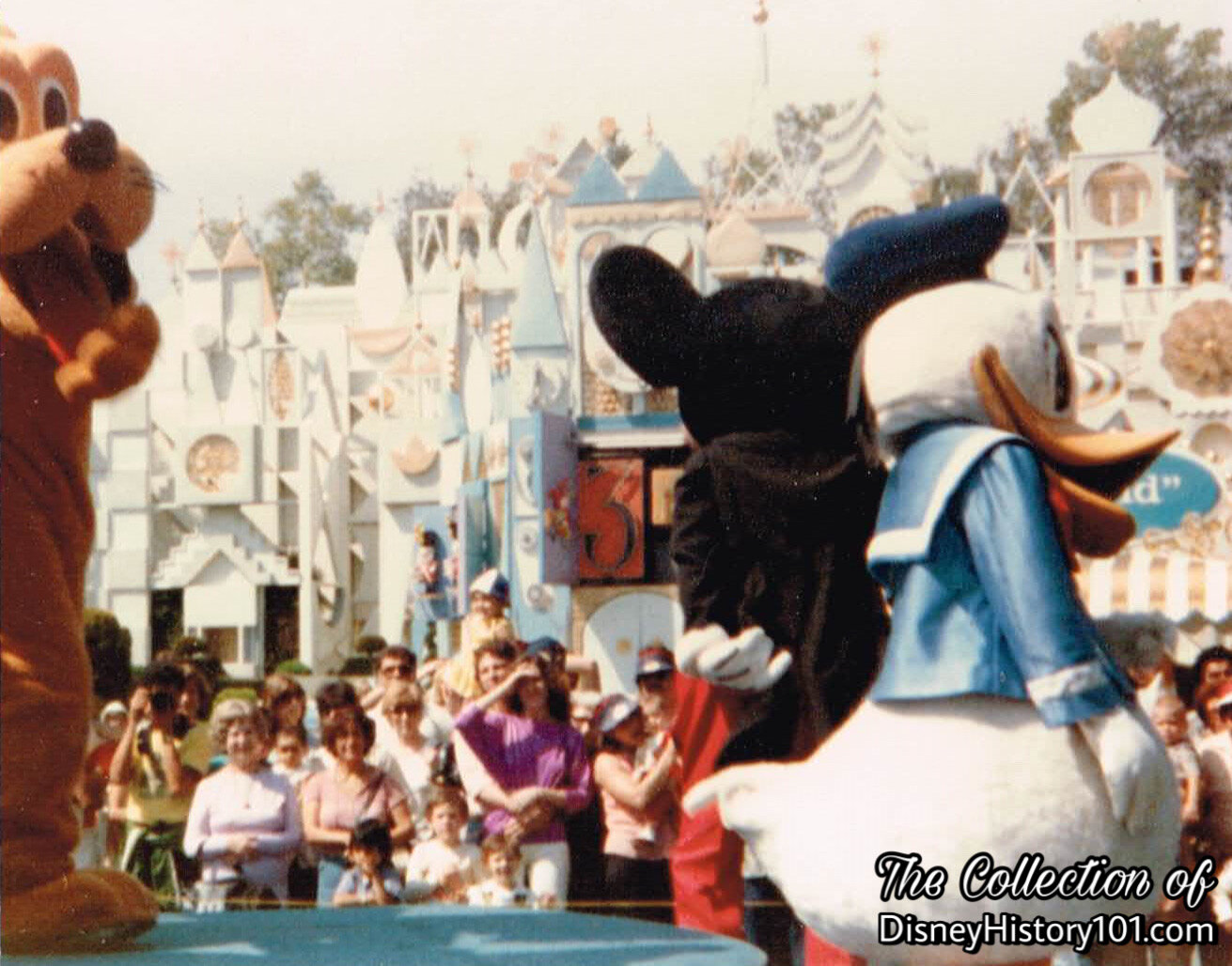

The Disneyland 25th Anniversary Parade was ushered in with a royal entourage of knights riding “steeds” atop floats (which kept the “horses” in stride). I would like to add just a little “sidelight” about these floats - this unit was originally used during Fantasy on Parade, 1966!
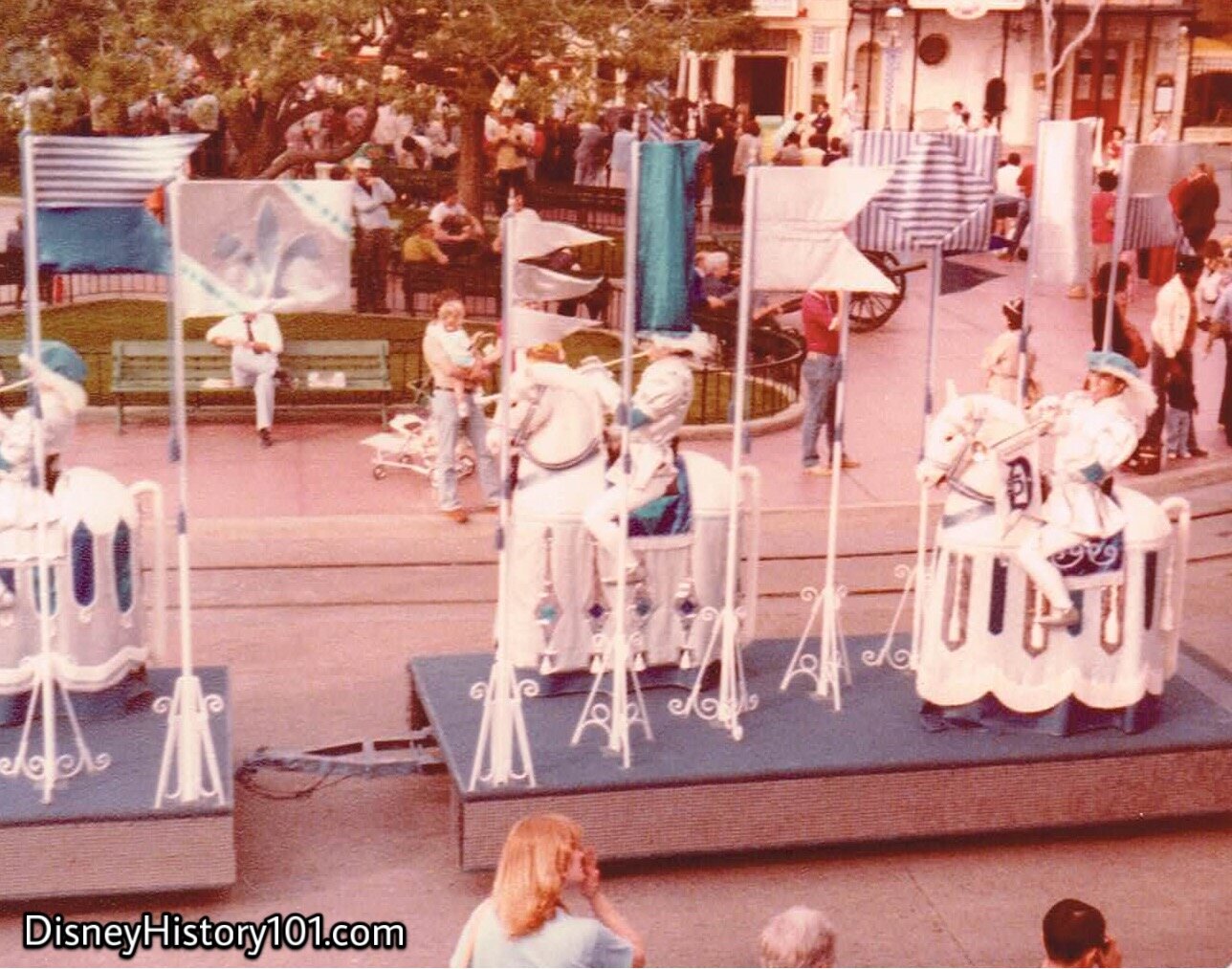
These little horses marched in Fantasy on Parade, of 1966.
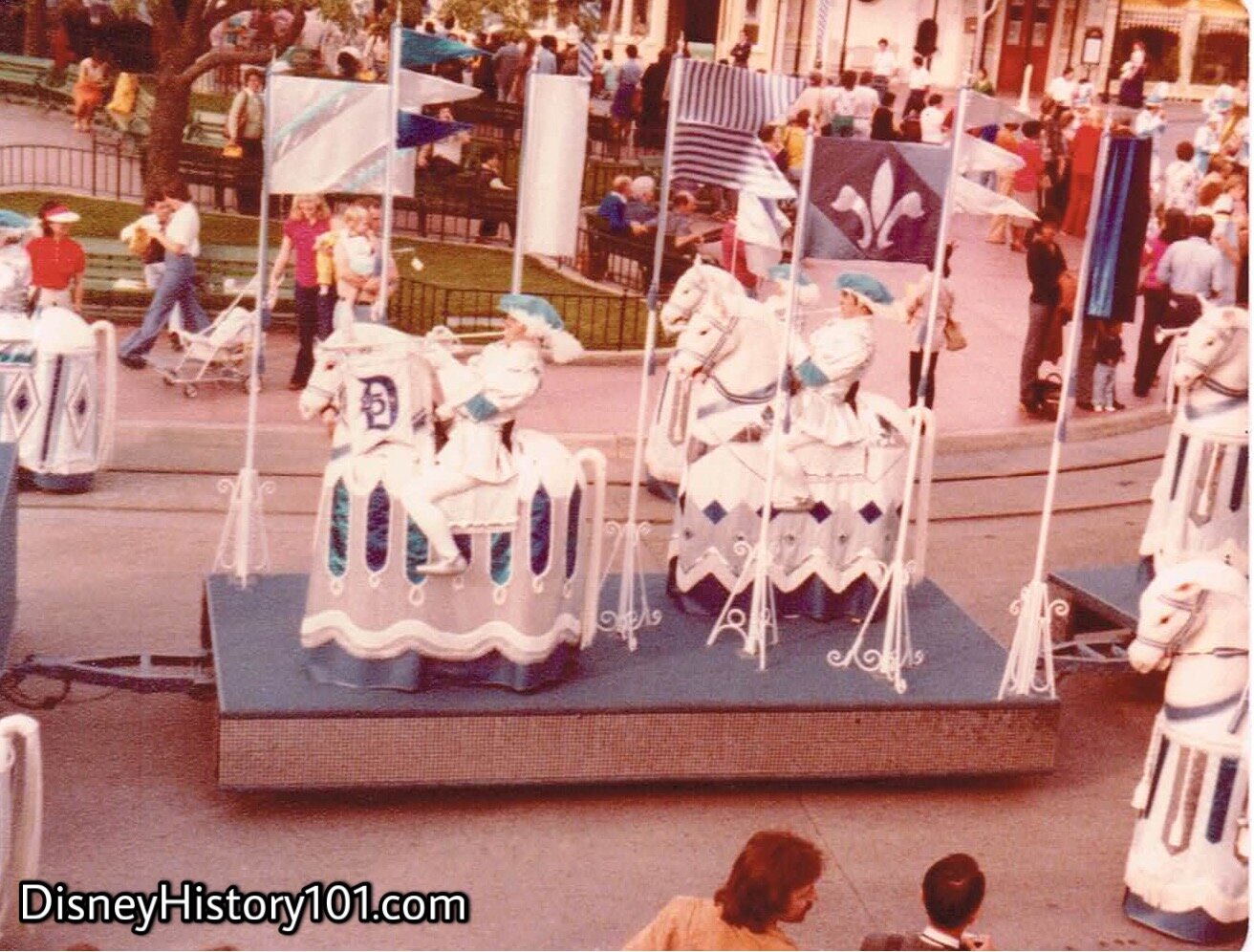
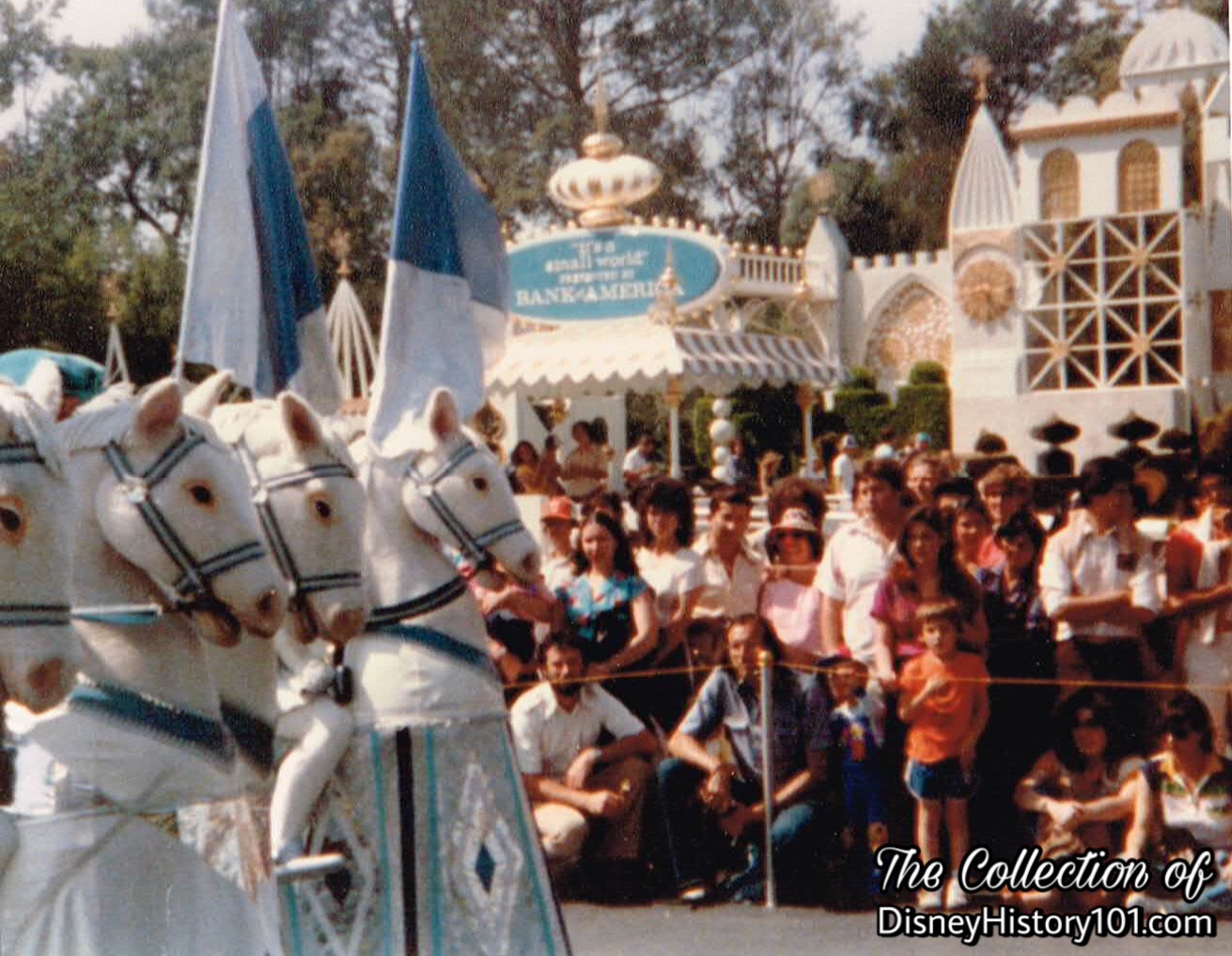
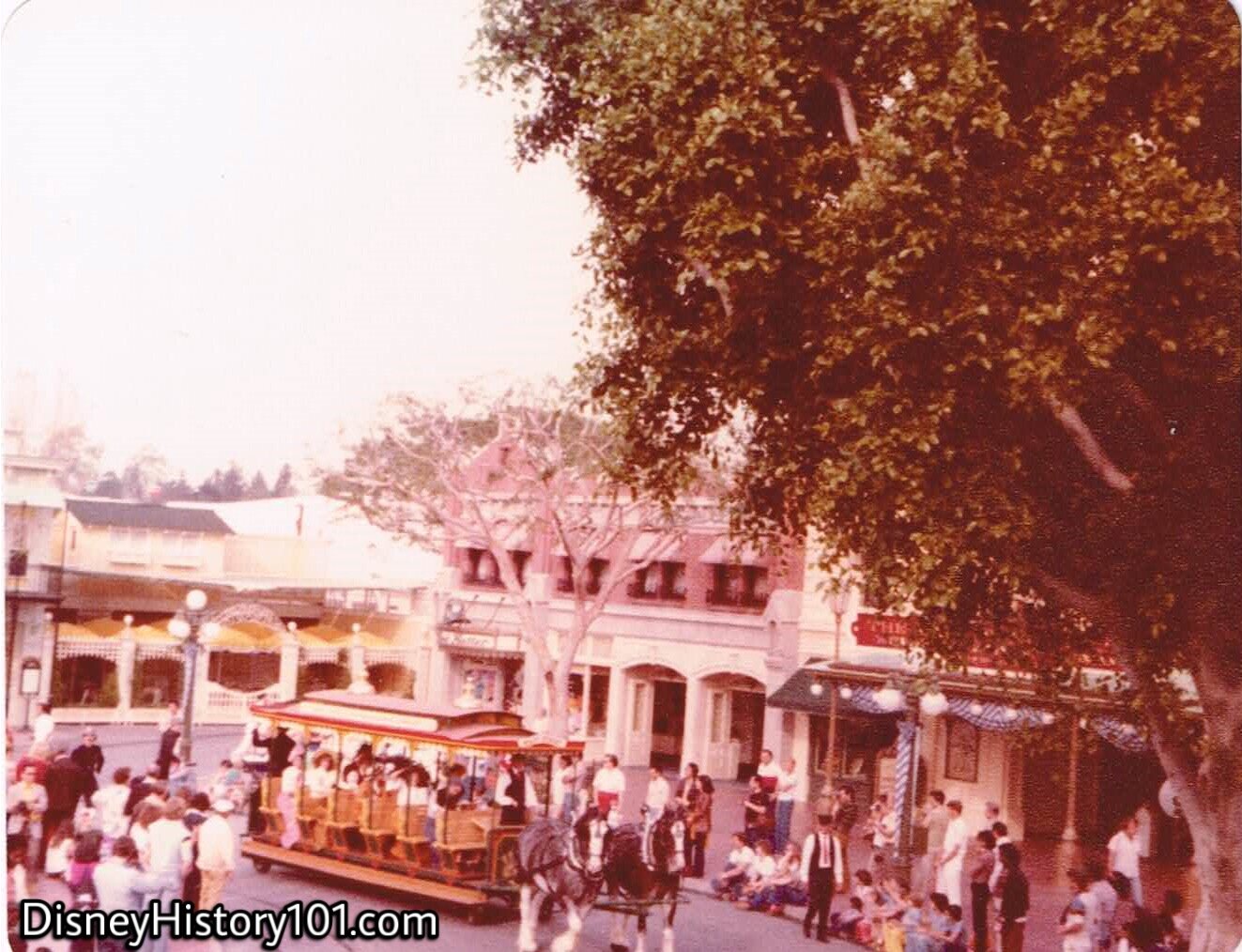
“‘Clang, Clang, Clang’ went the trolley, ‘Ring, Ring, Ring’ went the bell” of the Horse Drawn Street Car of Disneyland’s 25th Birthday Parade, “FAMILY ON PARADE” Main Street Unit!
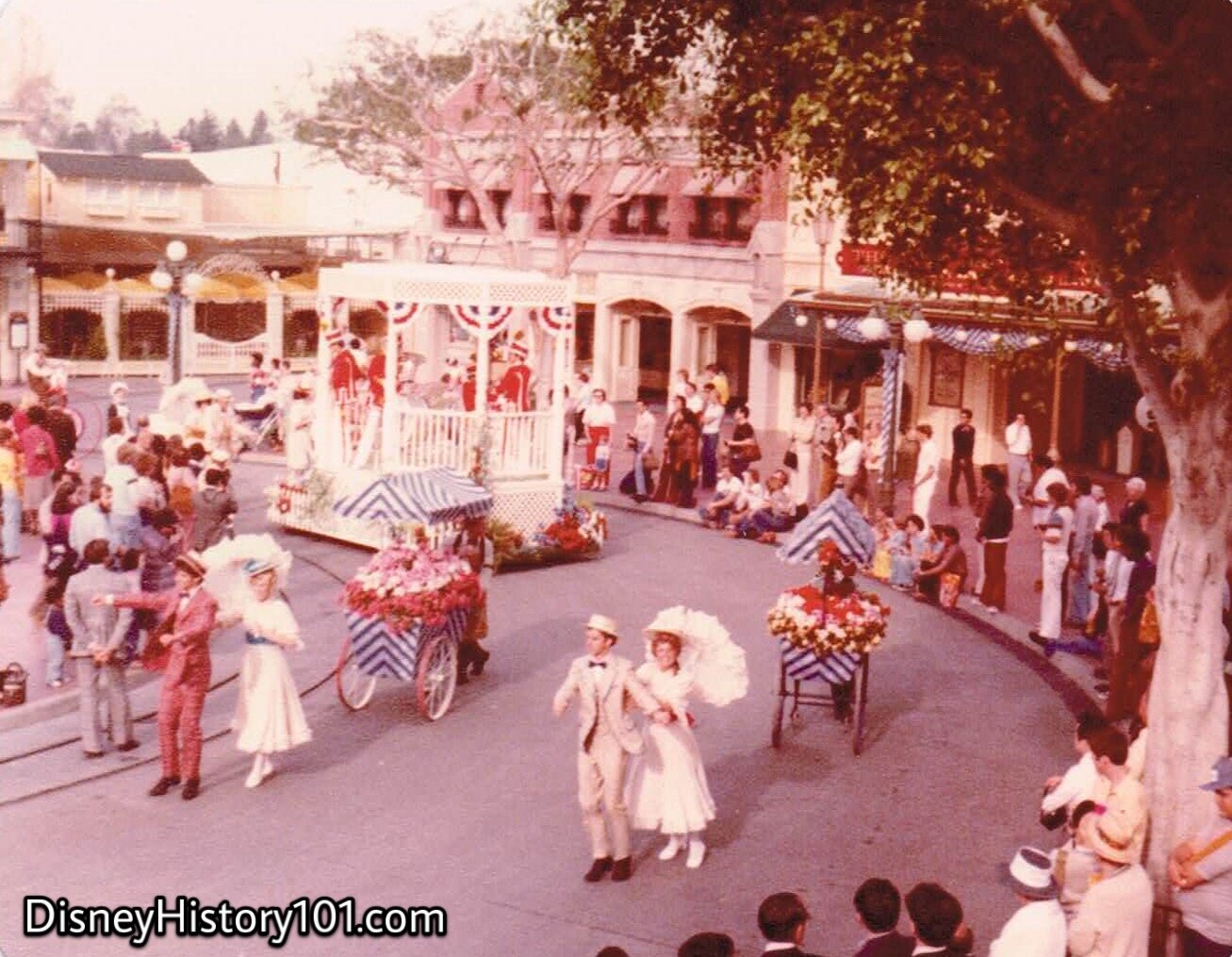
The turn-of-the-century Disneyland Cast follows, “walking right down the middle of Main Street, U.S.A., where it’s the heartbeat of America, the heartbeat of a holiday!”
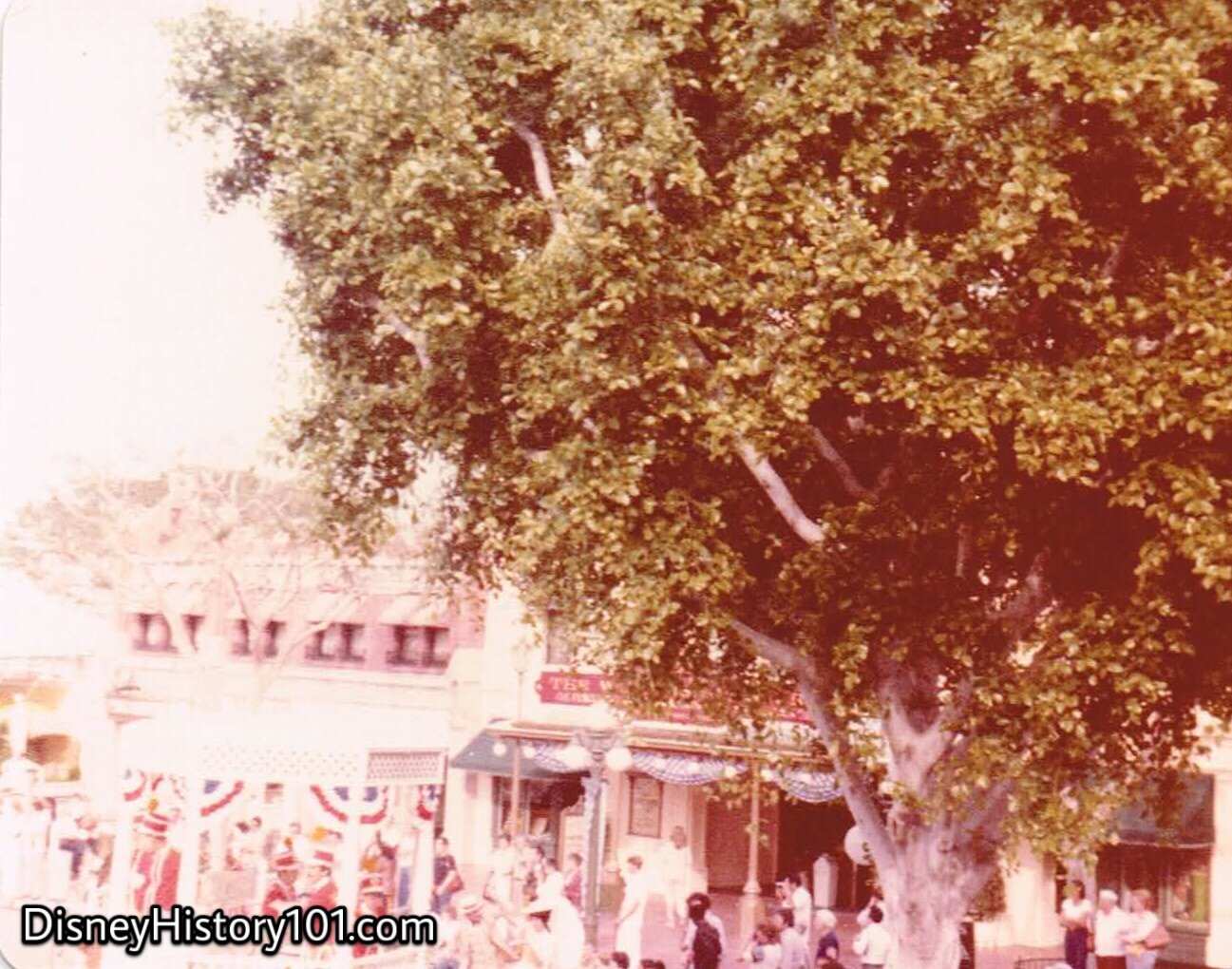
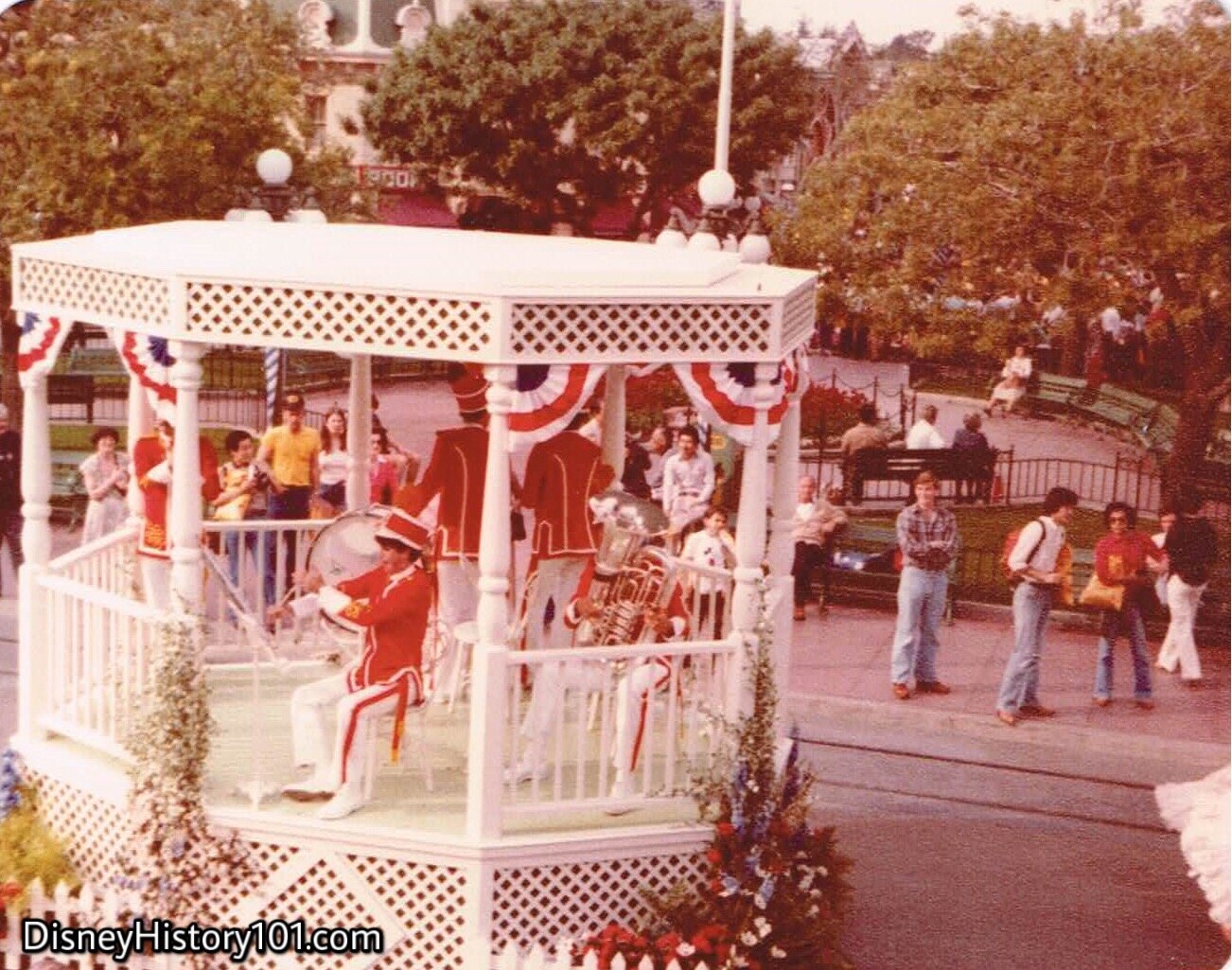
The Big Band stands under the bandstand gazebo and serenades the crowds with “A Bicycle Built For Two”.
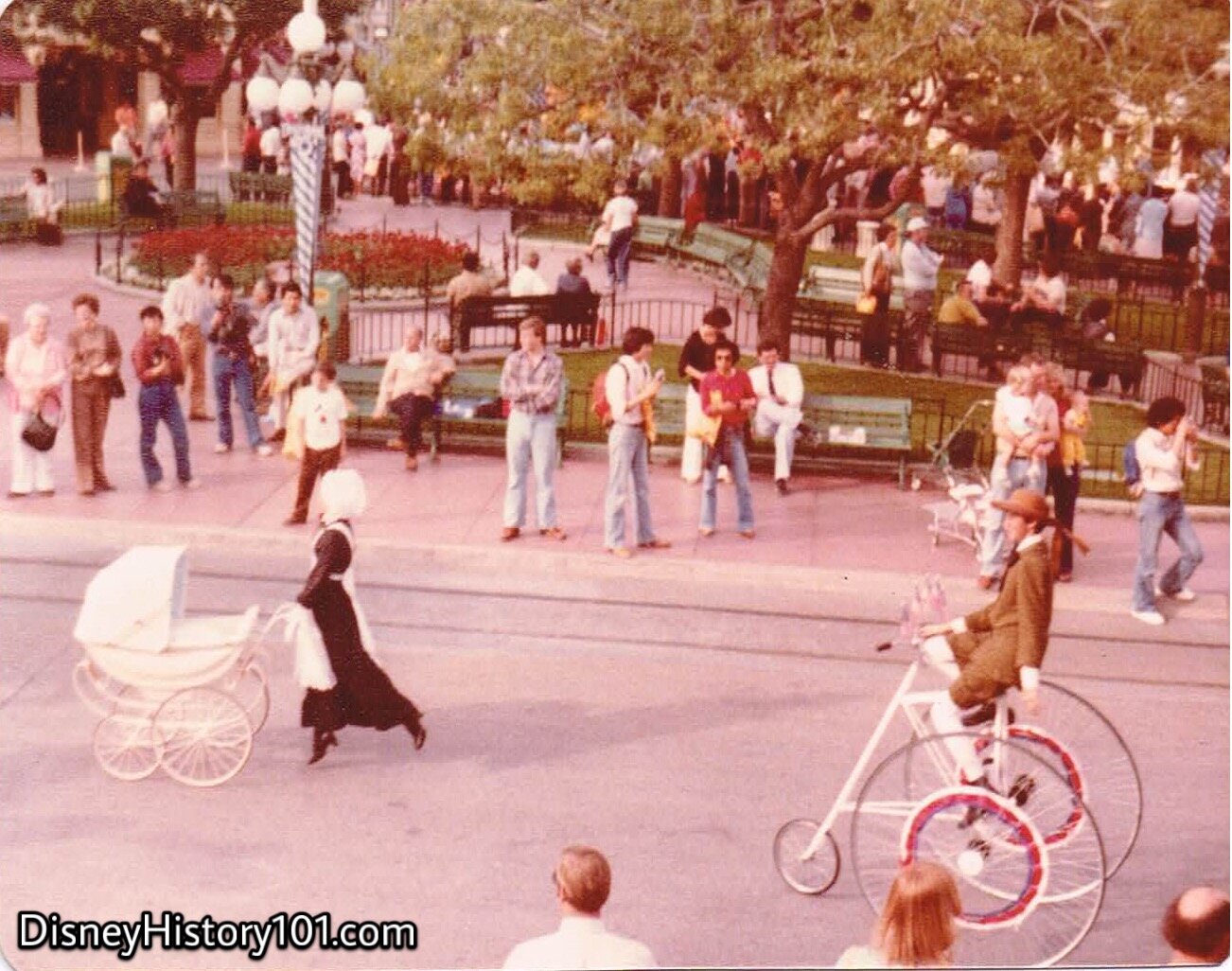
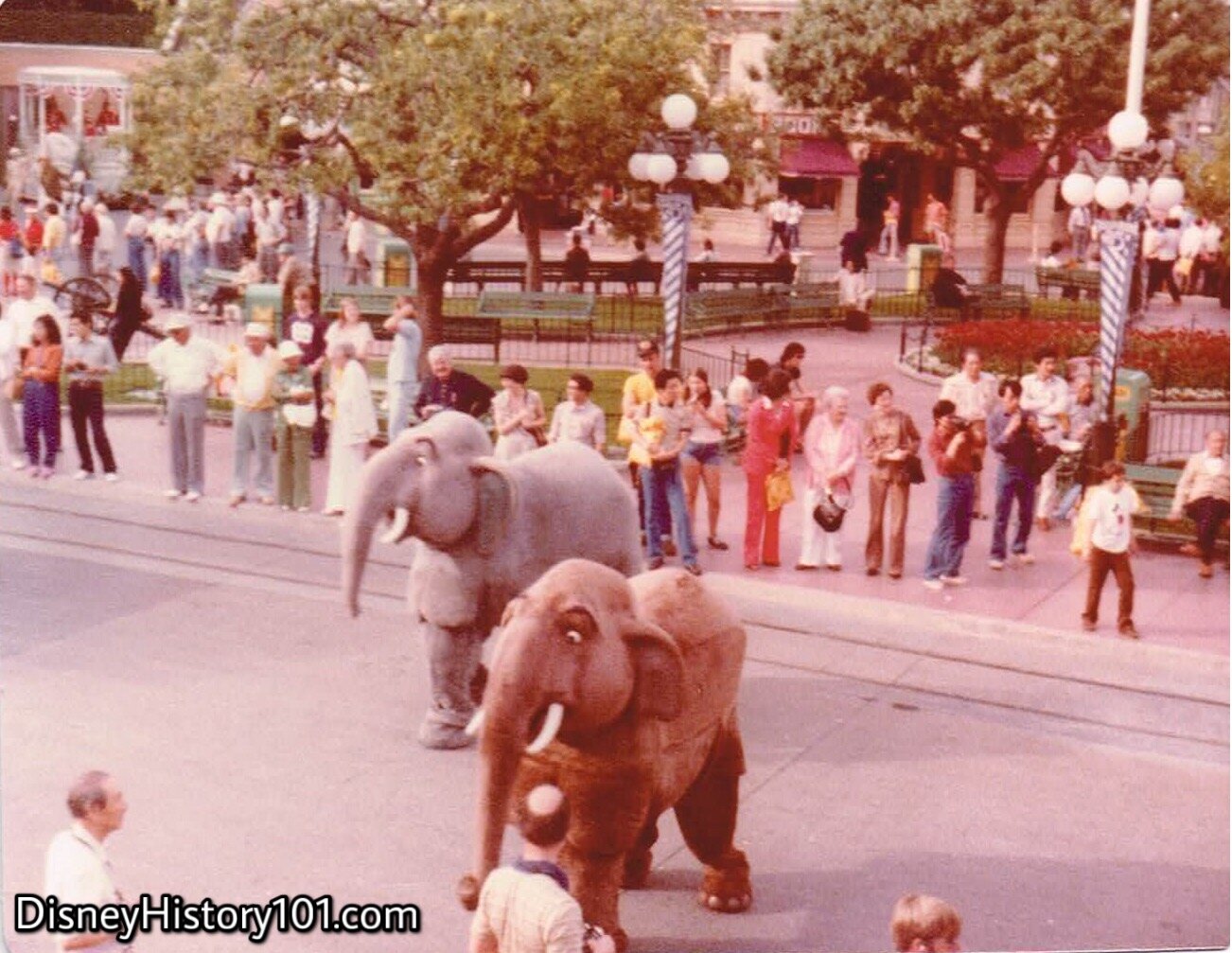
British-Indian elephant Colonel Hathi (formerly of the Maharaja’s Pachyderm Brigade) and his Dawn Patrol, march along the route of the afternoon parade.
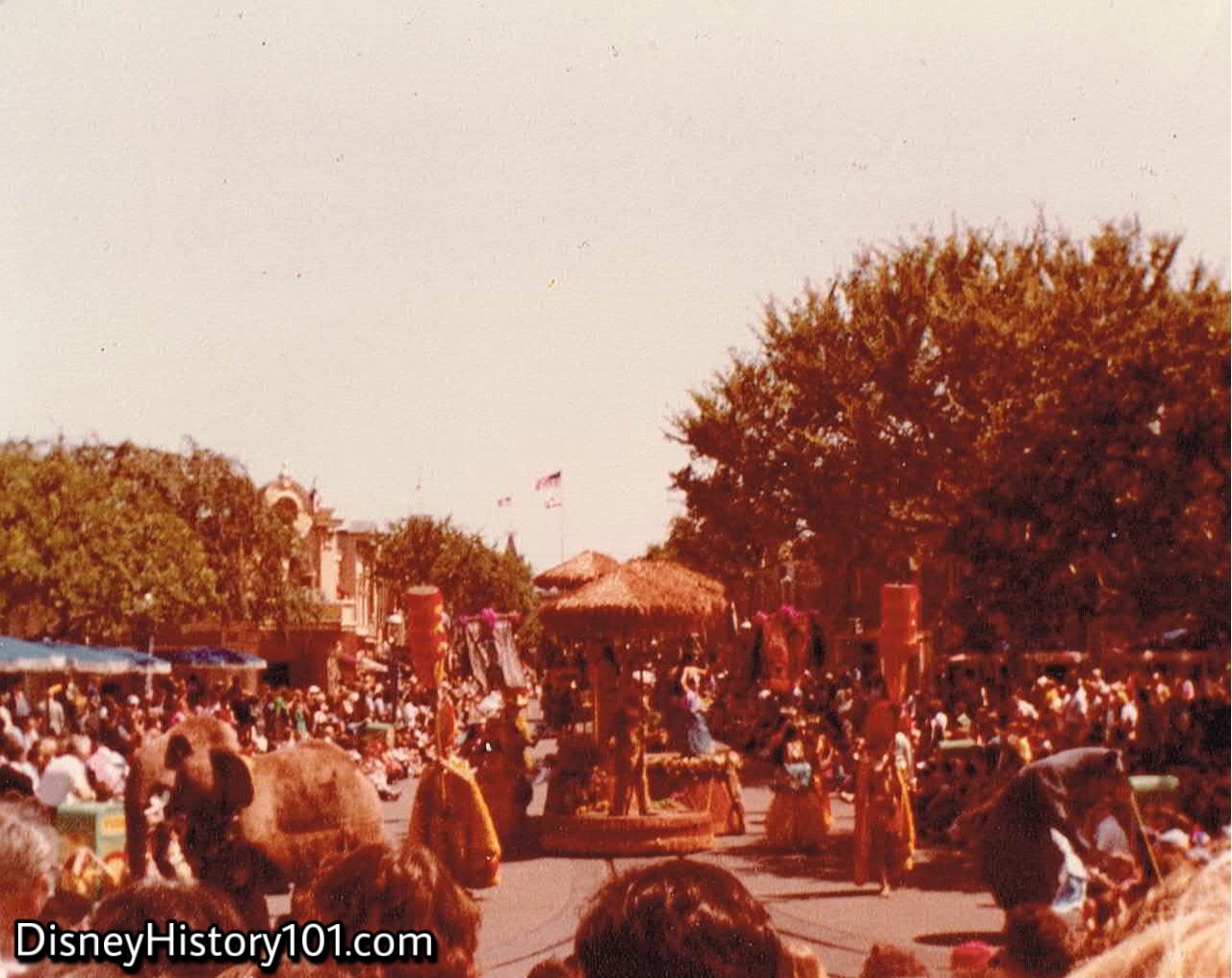
Disneyland’s 25th Anniversary Parade also featured an Adventureland Unit with King Louie’s monkey court, a steel drum band and Tahitian Terrace hula dancers!

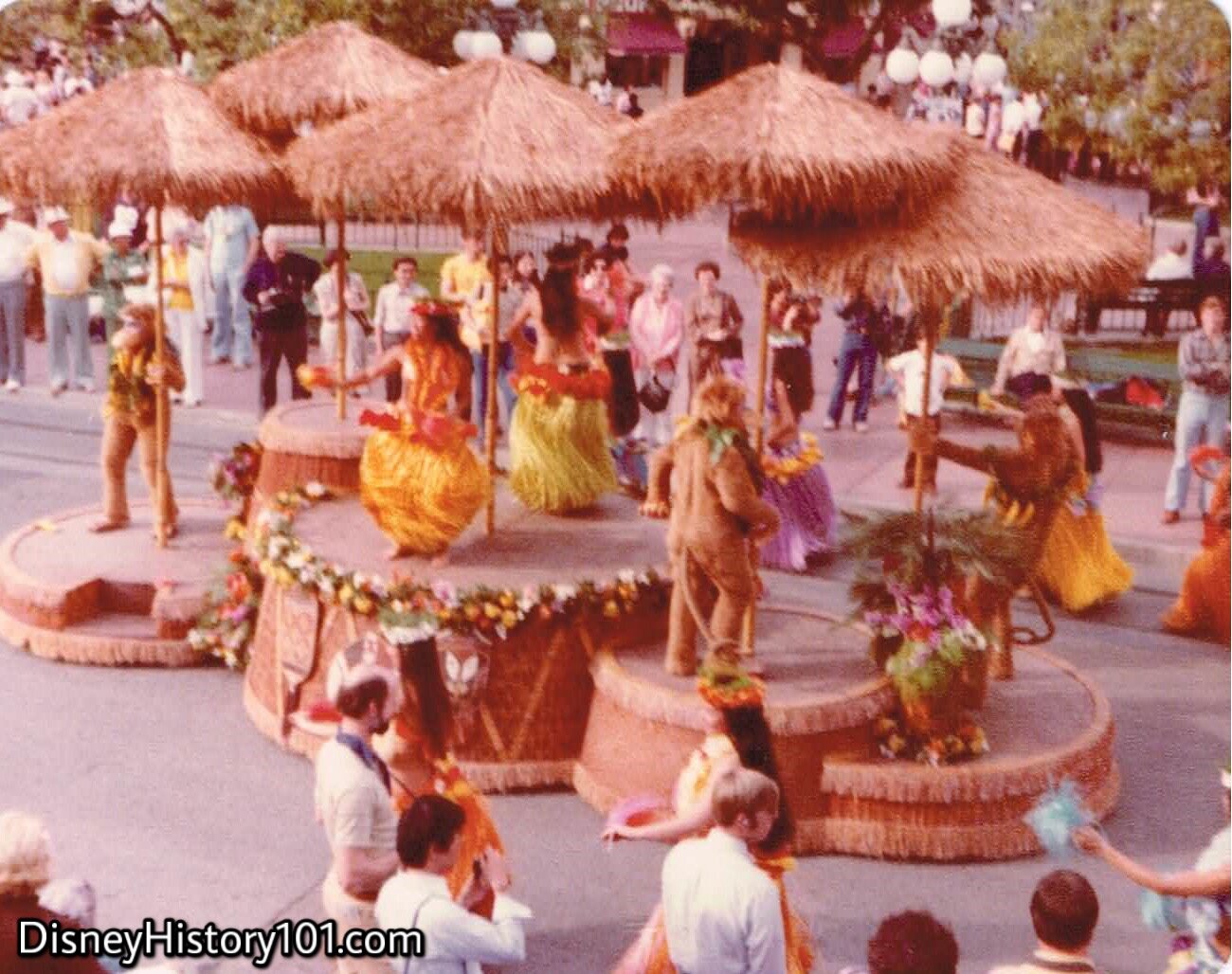
“It’s calling to you - Adventure!”
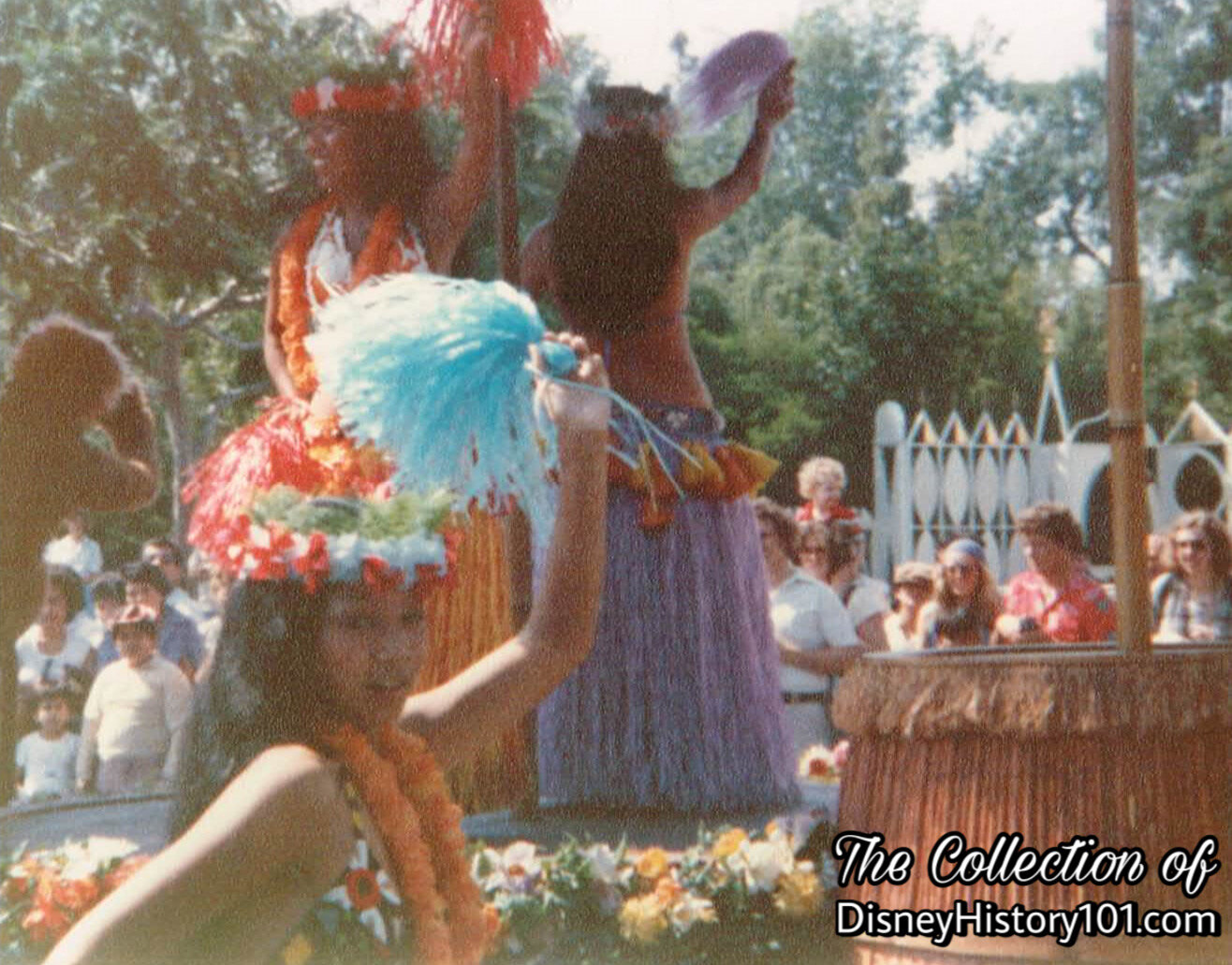
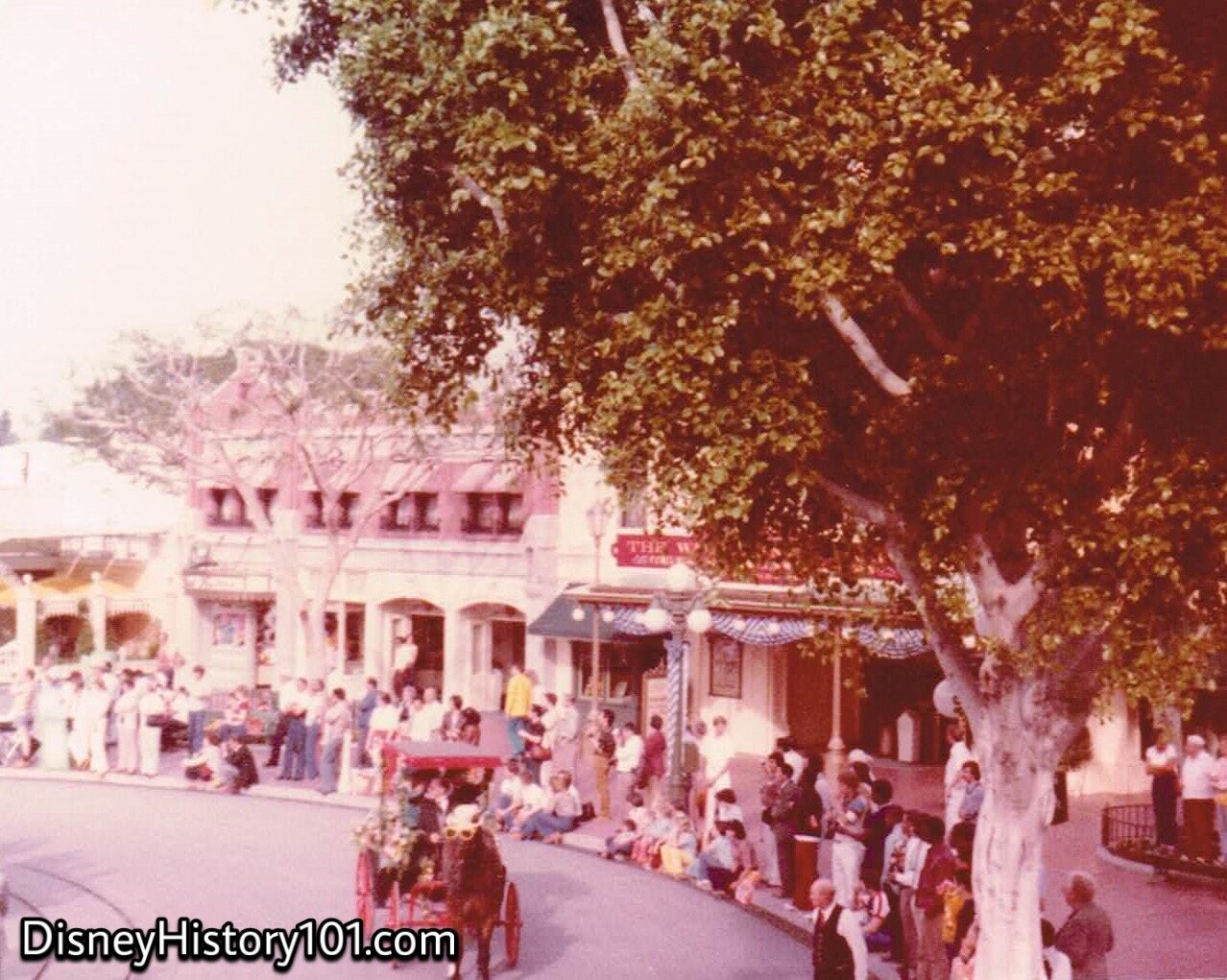
The Surrey leads our next unit, a tribute to Walt Disney’s last addition to Disneyland - “New Orleans Square”!
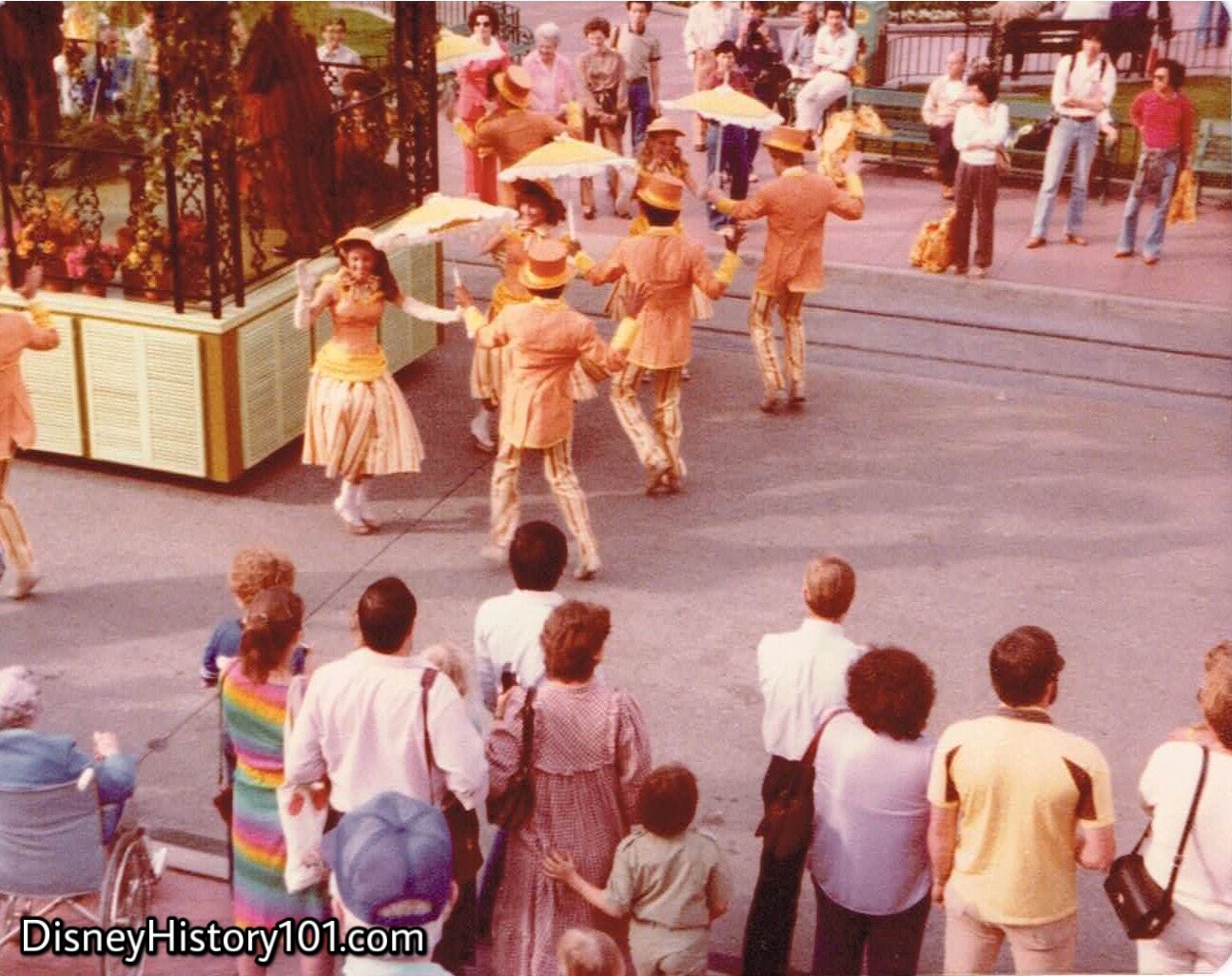
One former Disneyland Entertainment Department Cast Member (Karen Dedrick, pictured left) shared with one of our historians : “I performed during the 25th Anniversary Parade…I started out as a floater, so I did a different part every day for most of the year. Then in the Fall I was placed in the New Orleans Square Dancers Unit for the rest of the year…Remembering the night of the celebrities’ private party it was so surreal to look out and see them watching us. I remember seeing Carl Malden, Caesar Romero, Annette and many others that I can’t recall.”
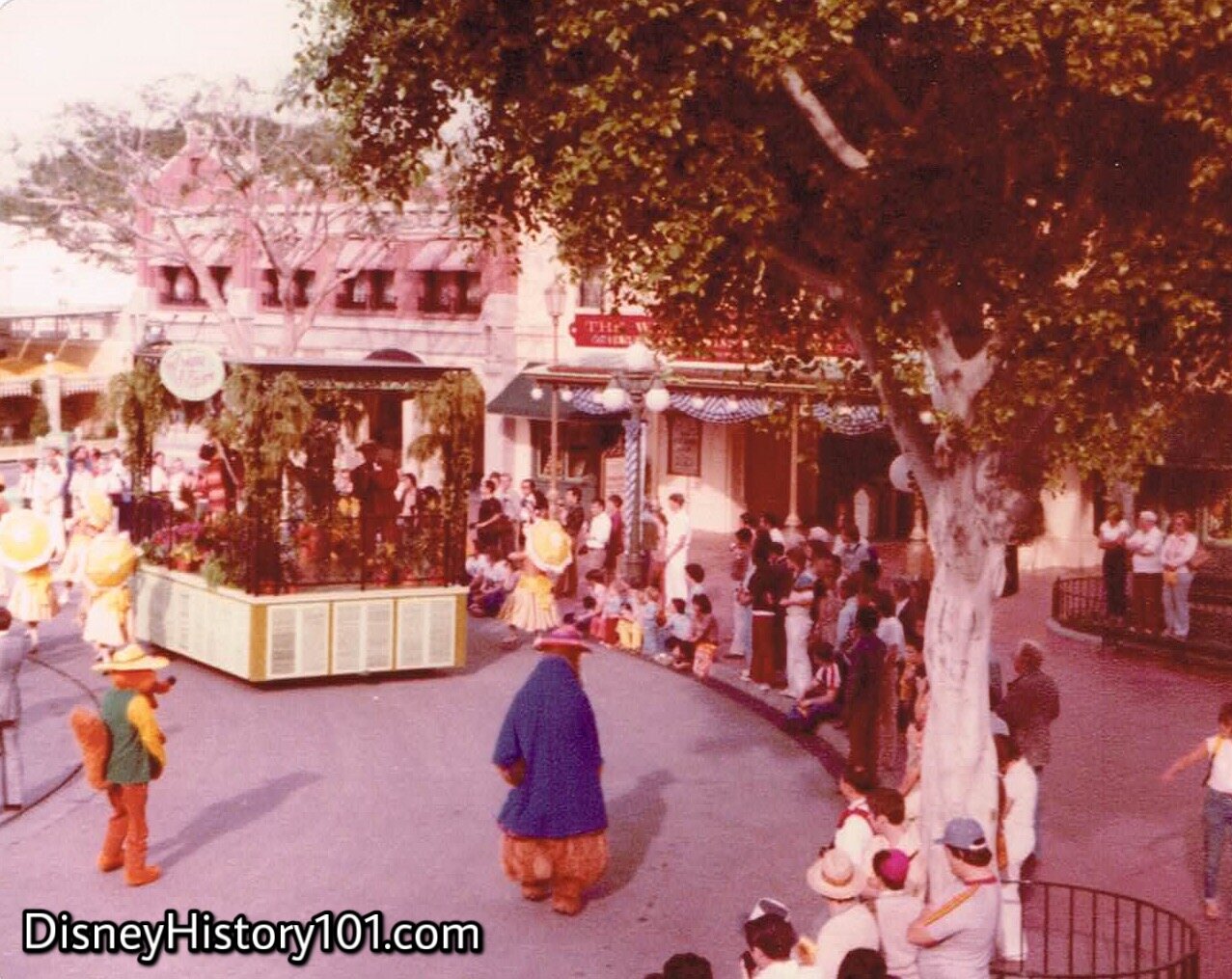
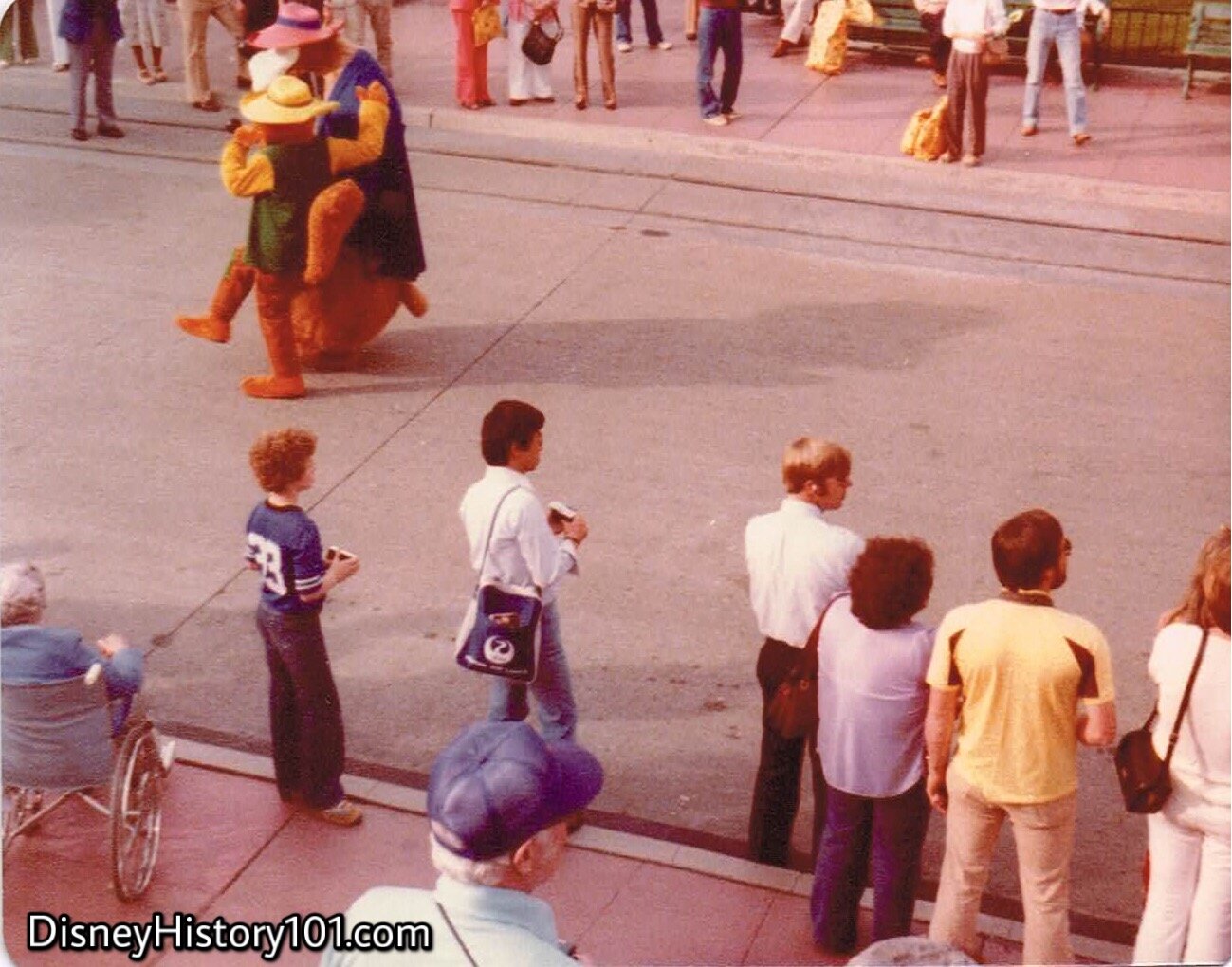
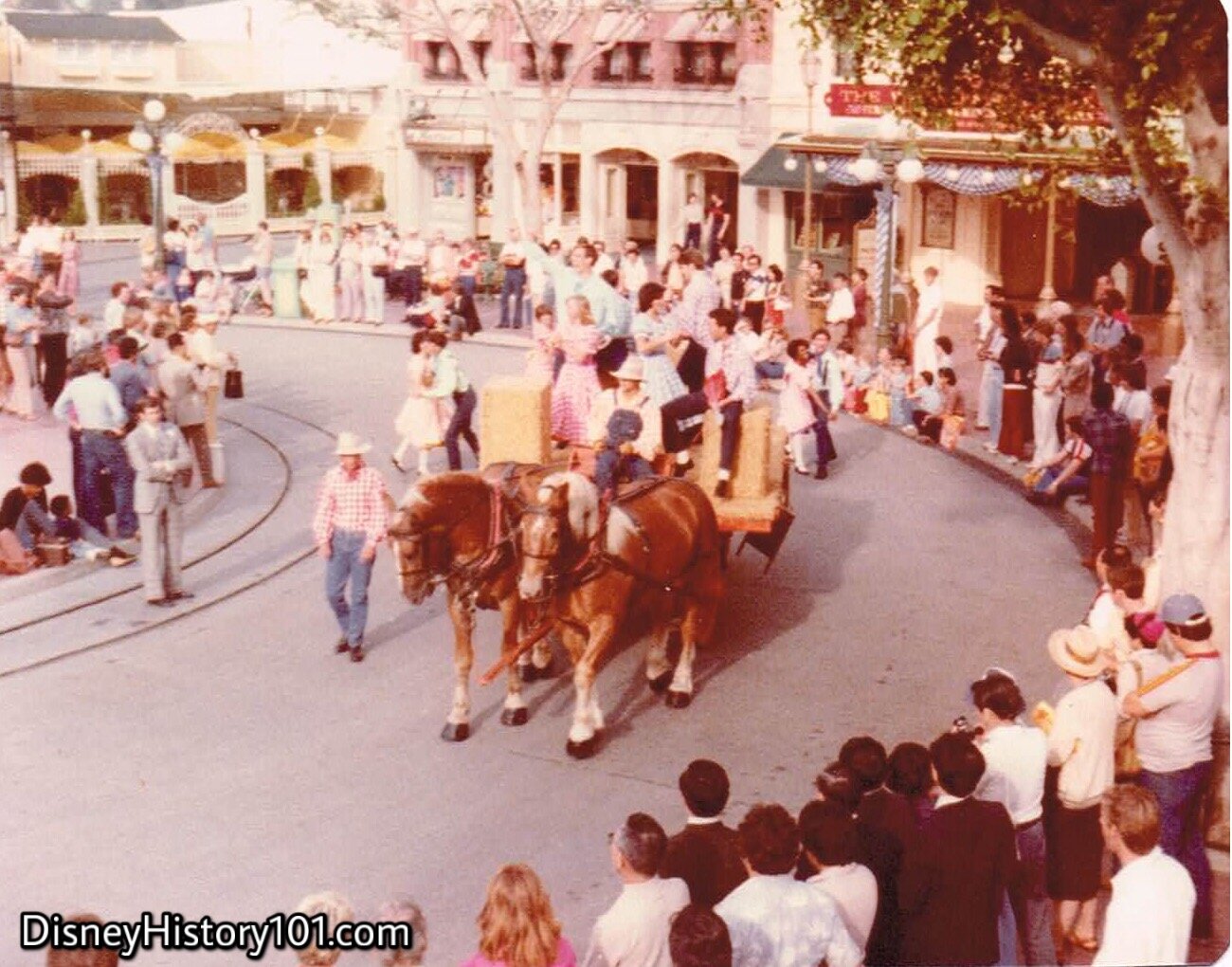
The members of the “Hay Ride” unit would periodically leap from the wagon and have a good ol’ fashioned “ho down”!

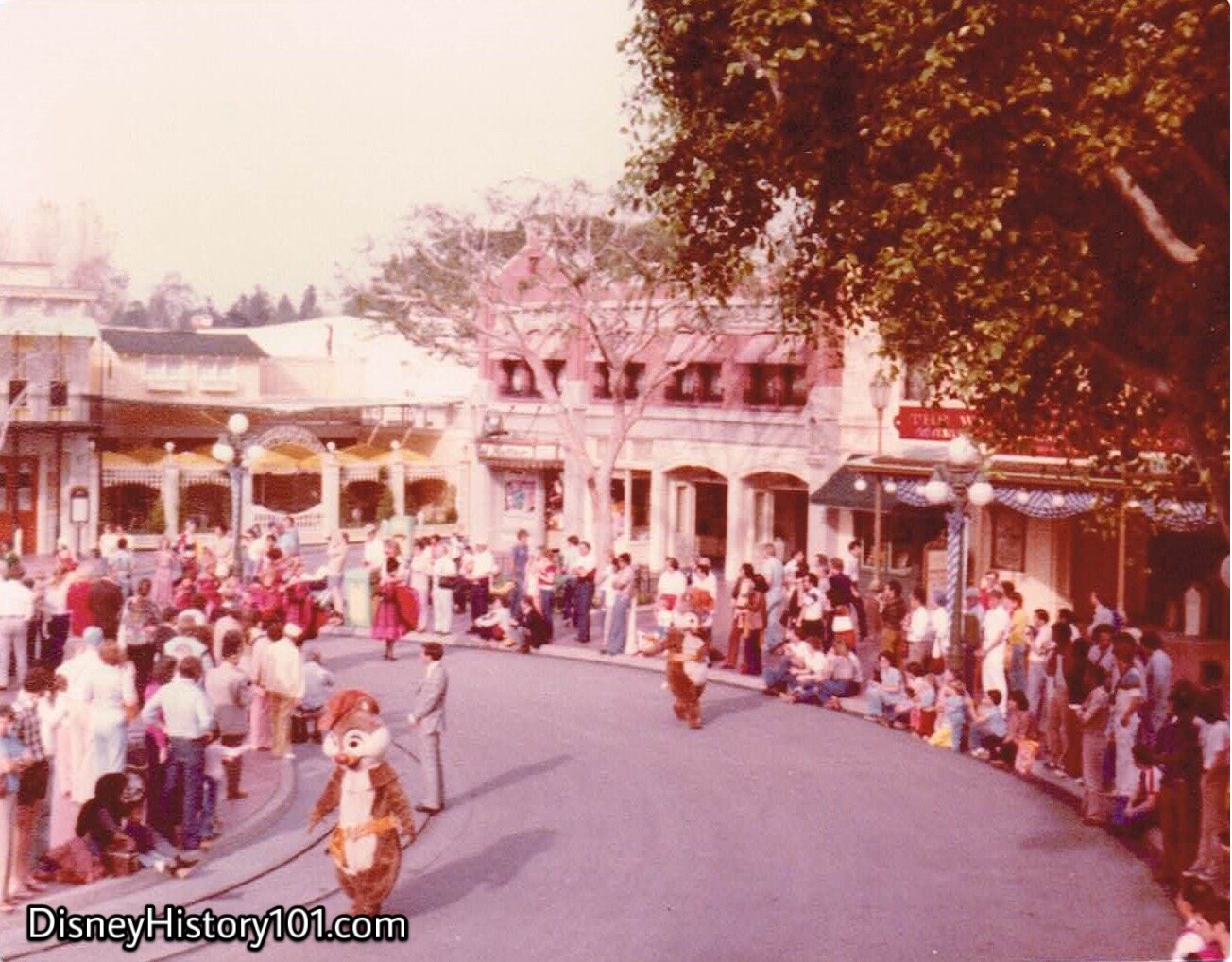
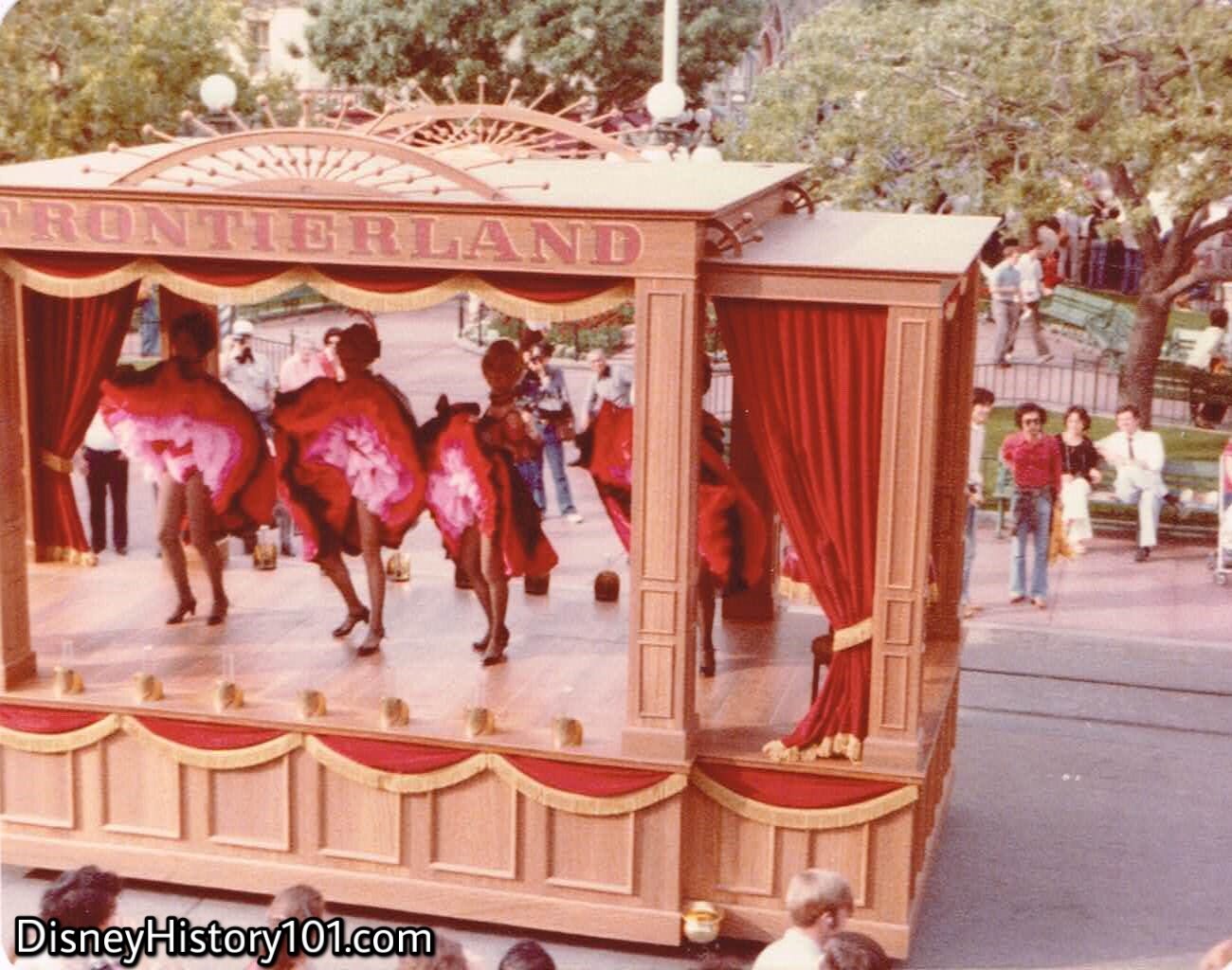
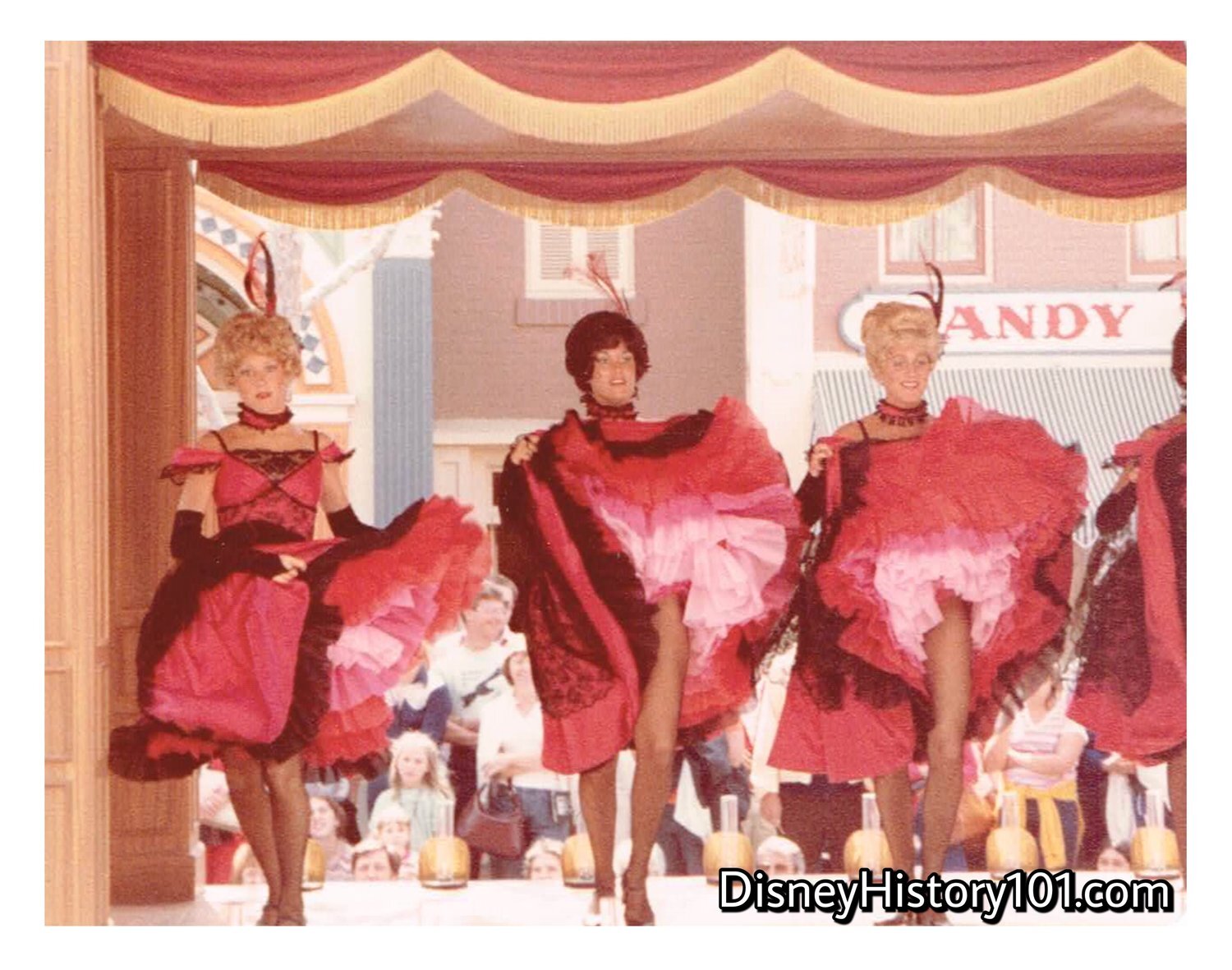
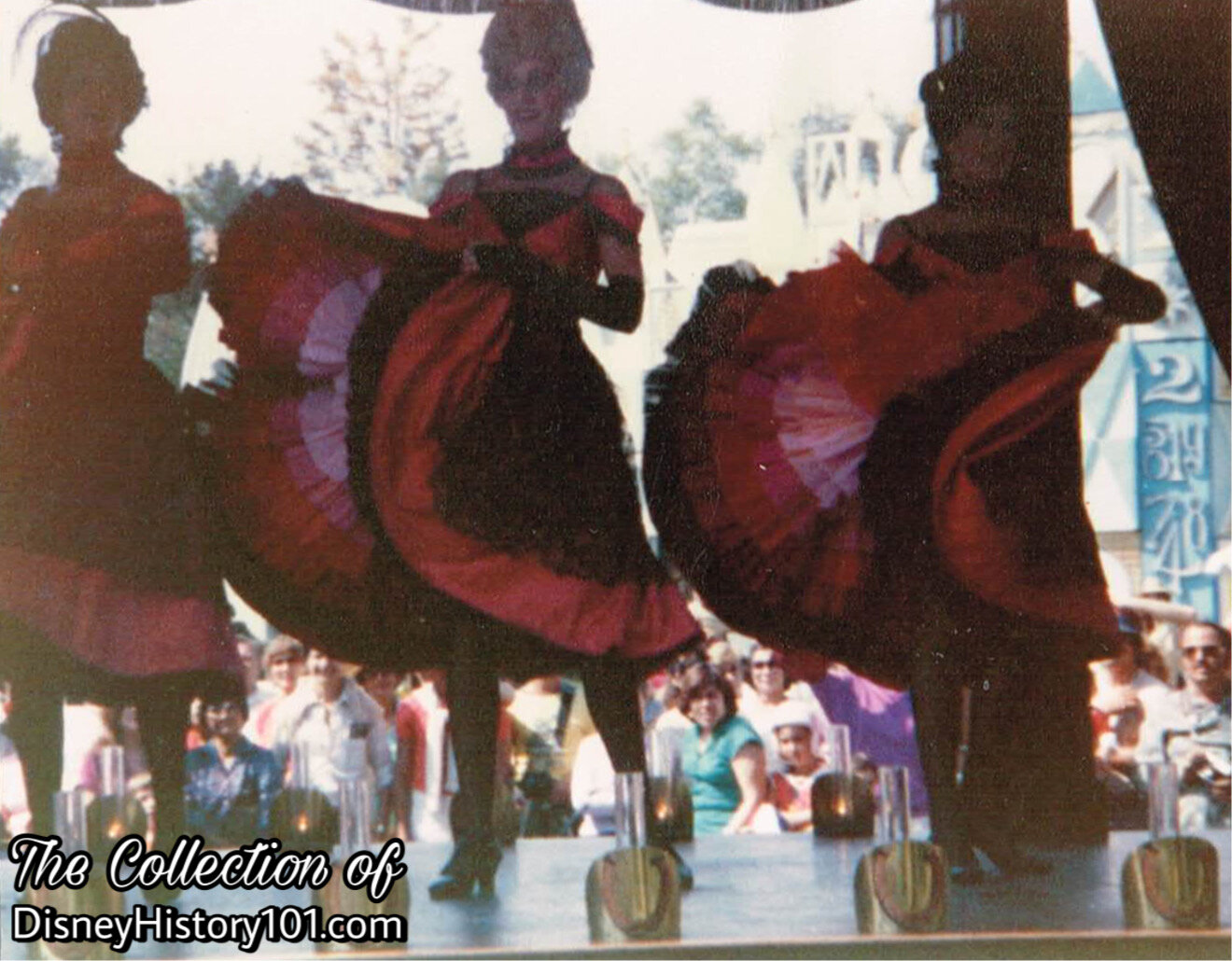
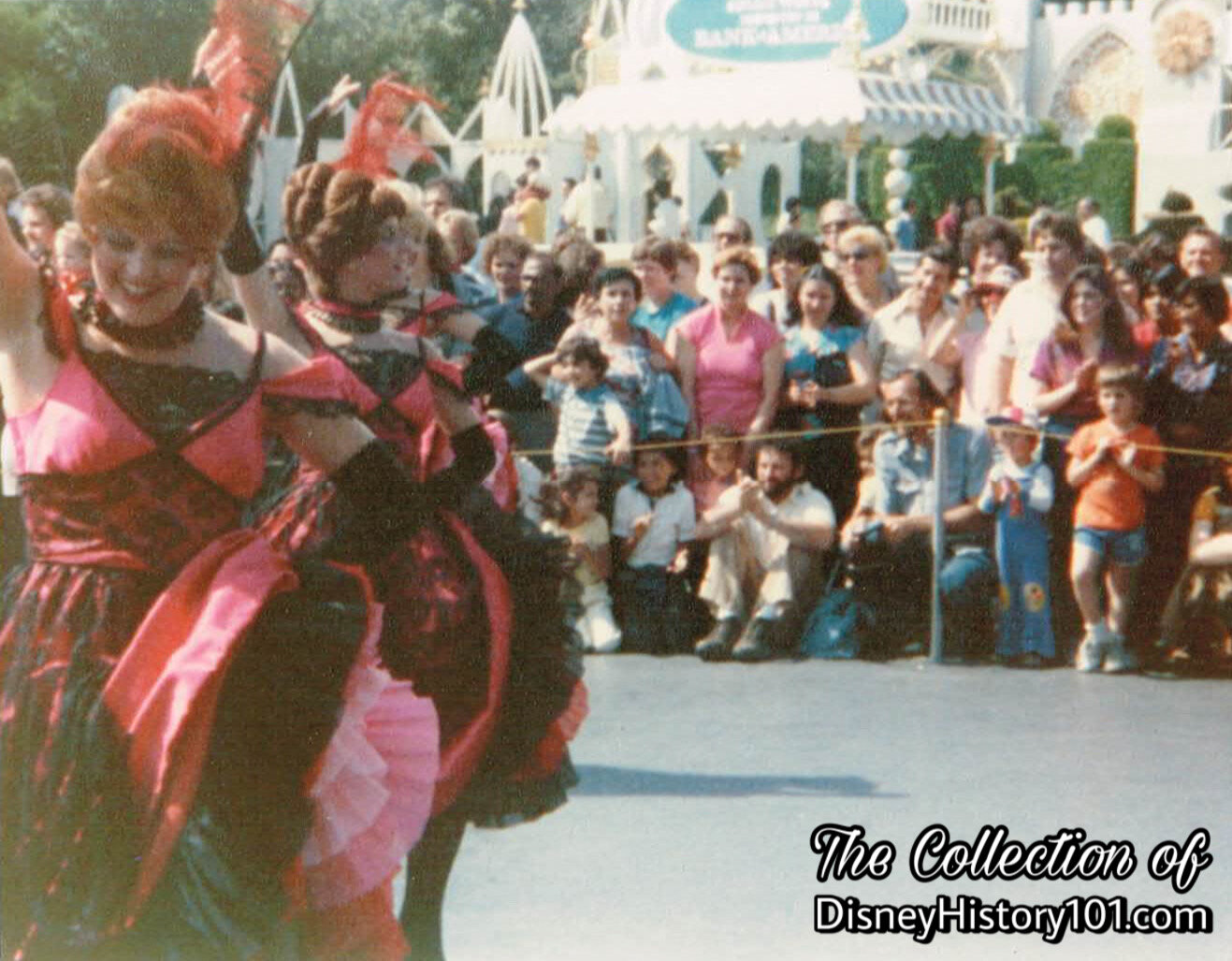
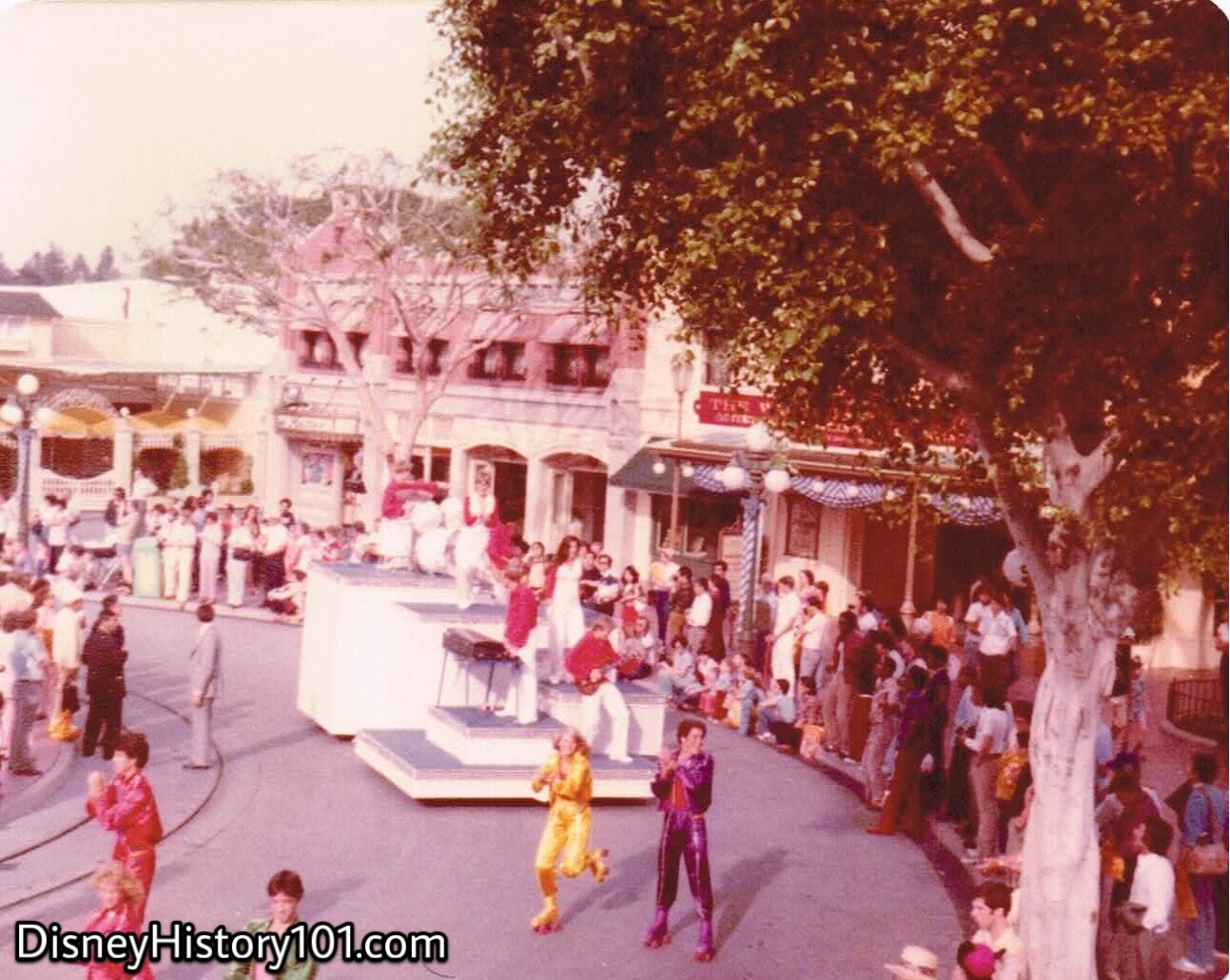
The next unit is a “Roller Disco” - themed float, which was sometimes lined with characters (and at times lined with musicians)!
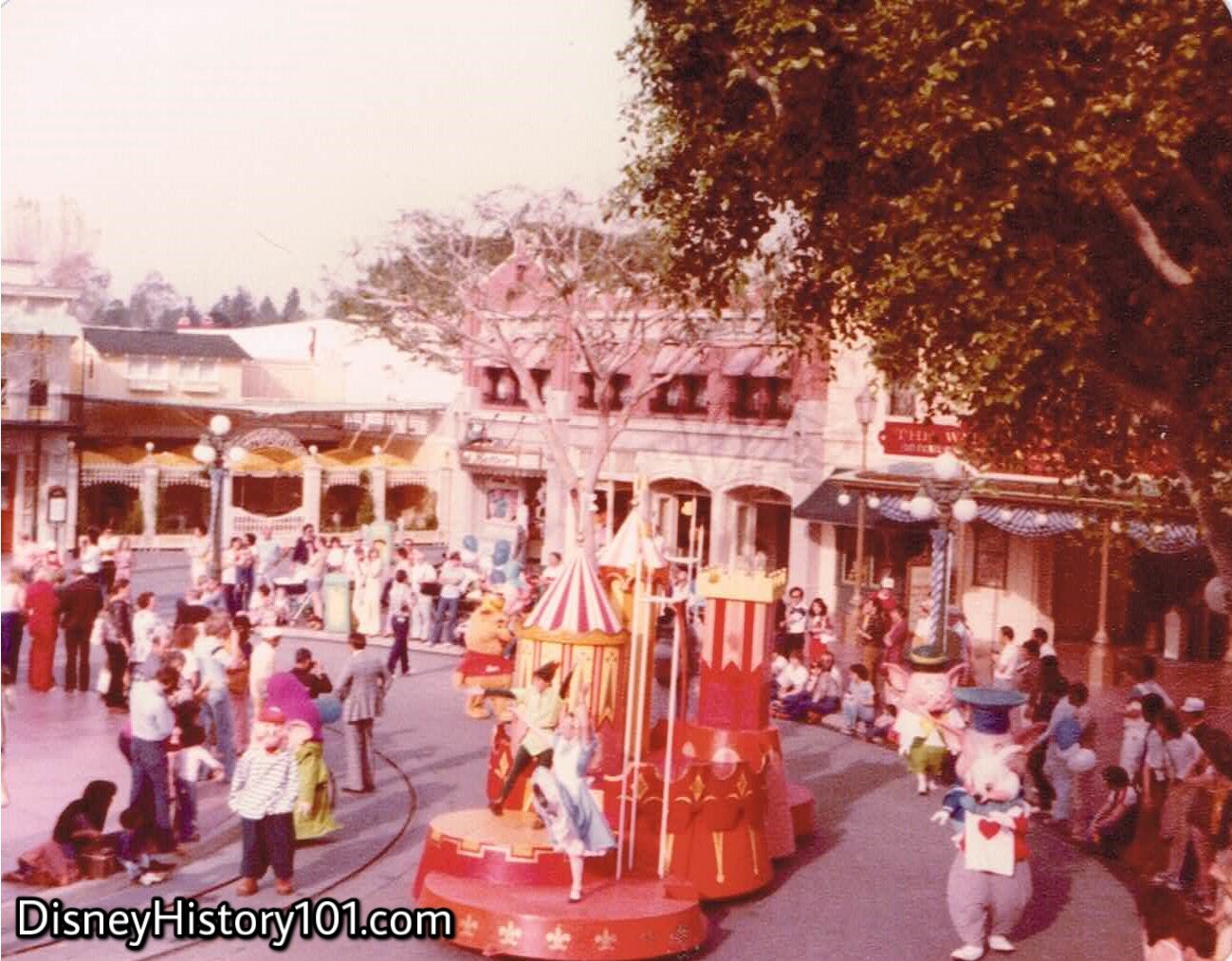
“Just around the corner is a Fantasy-land” (Fantasyland Unit, that is) highlighted Walt Disney’s cast of animated characters from feature films like Alice in Wonderland and Peter Pan!
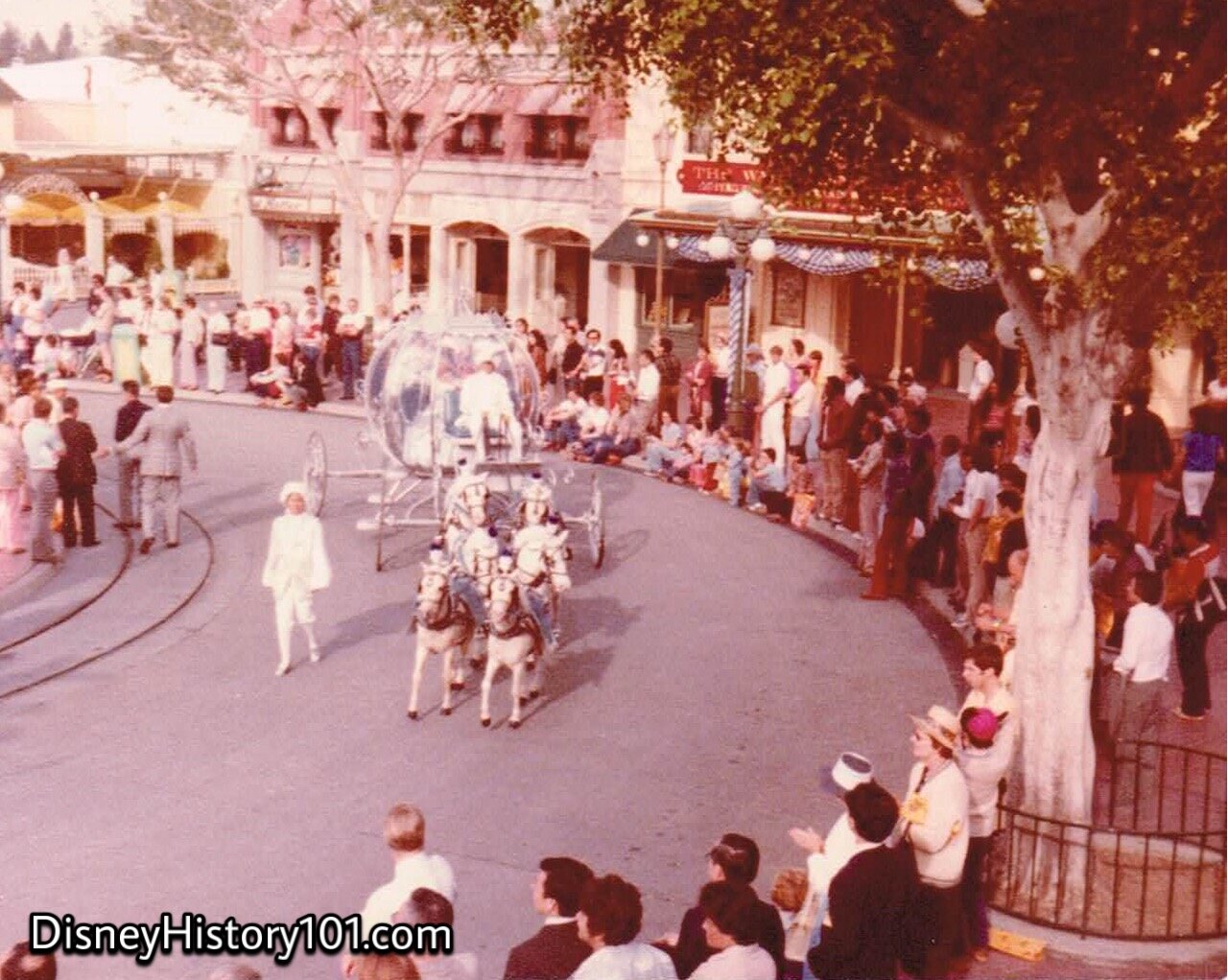
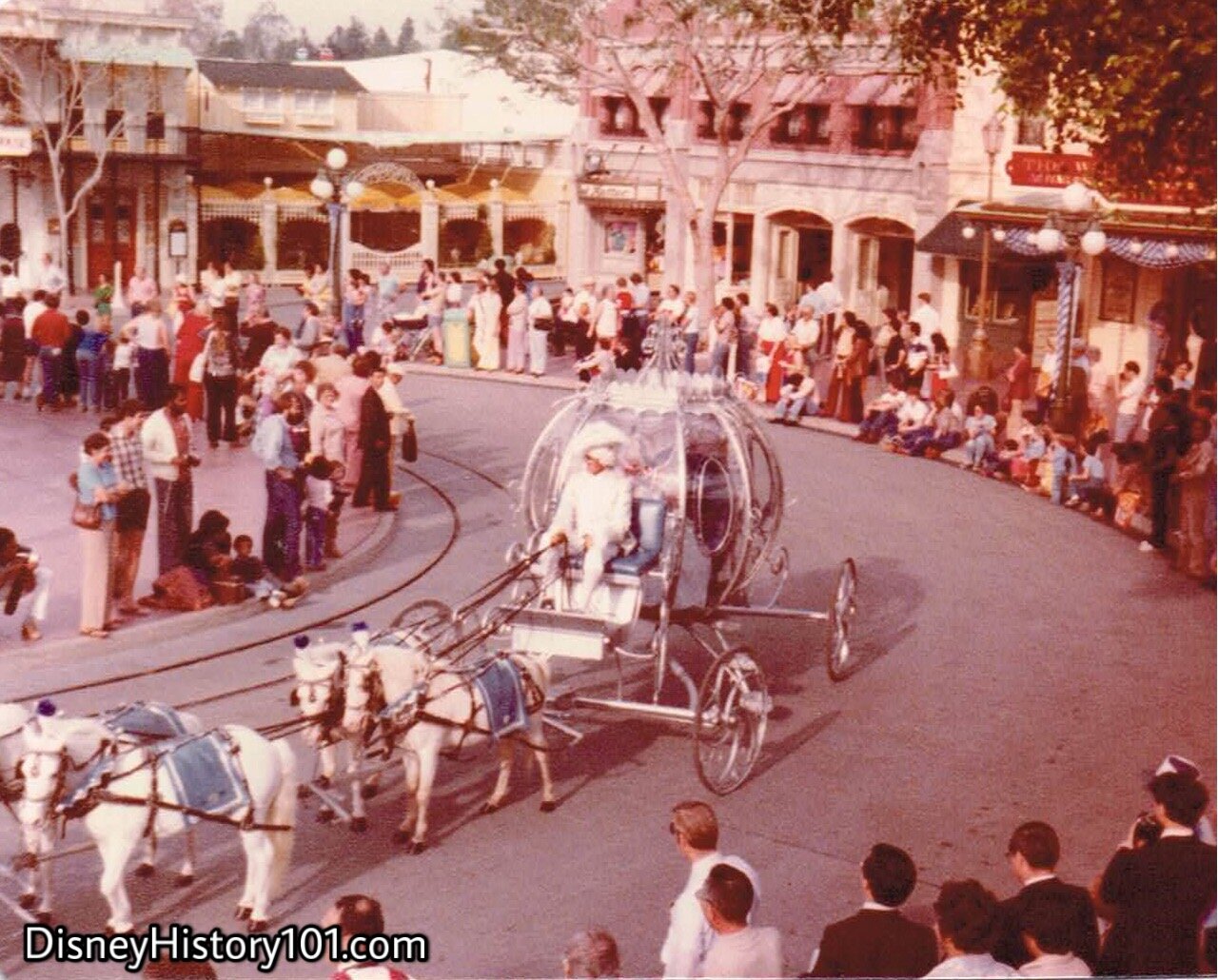
Cinderella waves to the crowd while riding inside her magnificent Crystal Coach pulled by six toylike Shetland ponies.

Mike Leslie (of the Pony Farm) travelled “about 12,000 miles just to round up the extra horses needed for the parade,” according to Disneyland Line (January 17th, 1980). All of Mike’s work payed off when, (according to Vacationland, Summer, 1980 ; page 16) it was observed that “the most memorable unit of all is the appearance of a six-horse team prize black Percherons pulling the shining 1907 steam calliope that was first seen in the 1955 opening of the park. It’s the silver and blue icing on the cake of an impressive salute to the first quarter-century of the Magic Kingdom.”
There were a total of 10 Percherons (with eight working, while 2 had the day off). Seven of these “were purchased especially for our 1980 25th Anniversary celebration,” according to one Disneyland LINE magazine column (published 1979). Before the festivities commenced, these seven were entered in multiple “Draft and Pleasure Driving Horse Show” competitions at the Los Angeles County Fair (which occurred September 23rd - 25th, 1979).
But soon, the big day came and Horse Walkers were assisting the shiny six-horse finale unit along the Disneyland “Family on Parade” route. We must take this time to also mention the diligent Unit (though not pictured), which kept the streets of Disneyland swept clean during the parade performance!
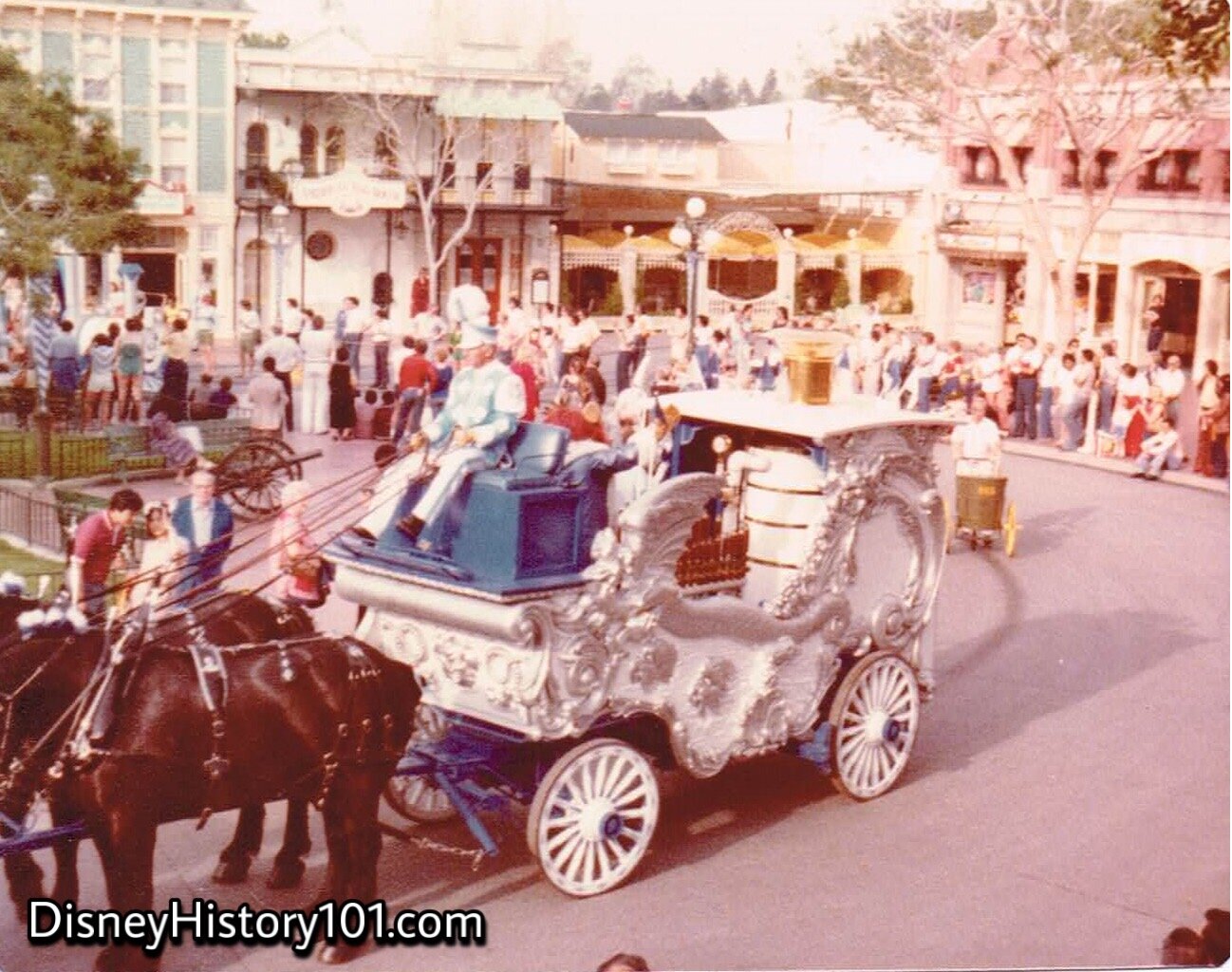
Finally, the traditional 1907-style steam-powered Disneyland Dragon Calliope with its pipe organ (and pianist) stops to delight crowds periodically! You may recollect that this was one of nine circus wagons that Walt Disney purchased from Bradley & Kaye’s Kiddieland amusement park in Beverly Park. Walt had this particular circa 1907 circus wagon redesigned, utilizing parts from other circus wagons. The result of the $50,000.00 overhaul, was the one-of-a-kind “Dragon Calliope”!
The Dragon Calliope was first seen in the opening day parade and went on to be featured in numerous events over the years, beginning with the Mickey Mouse Club Circus Parade in 1955. The Dragon Calliope was also featured in at least one Walt Disney Production - “Toby Tyler or Ten Weeks With A Circus” released in Sarasota Florida on January of 1960. The Dragon Calliope was also notably featured among the circus-themed units in the Independence Day Parade of 1962. Two years later, Walt Disney donated the circus wagons to the Circus World Museum in Baraboo, Wisconsin, but he kept his custom-built Dragon Calliope!
Now (in 1980), the calliope received a minor refurbishment. None of the original insides were altered, except two fine whistles which were installed, (in order to increase its musical ability two full octaves)! The Disneyland 25th “Family On Parade” would be one of the Dragon Calliope’s final Disneyland appearances (reappearing for seasons of Circus Fantasy from 1986-1988). When the parade ended, the Calliope (along its polished pipes) was shipped off to Walt Disney World (in Florida) to play a part on the Walt Disney World Tencennial celebration, before being utilized in Disneyland’s Circus on Parade!
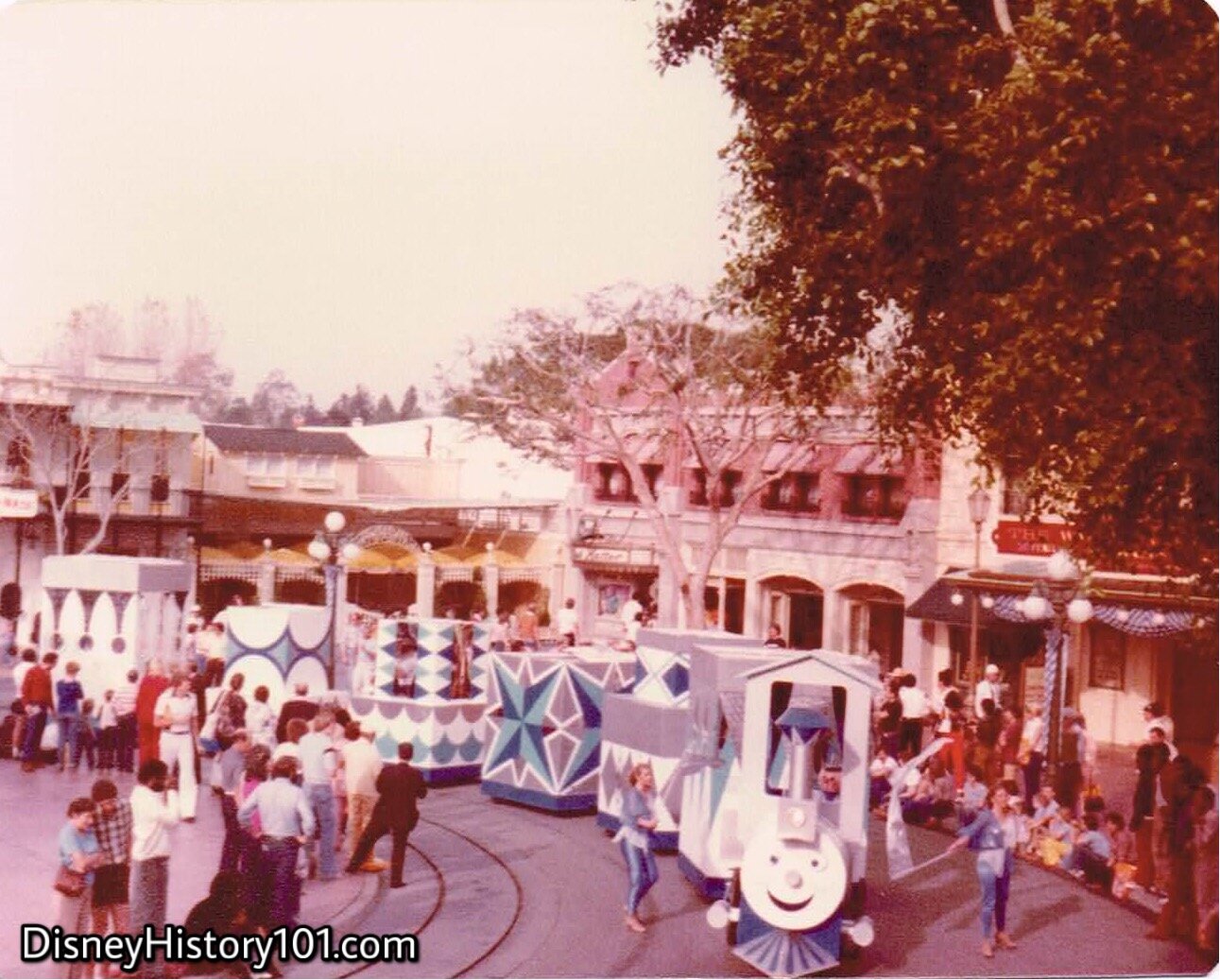
Casey Junior brings up the rear (in the final unit). You may recall that this version of Casey Junior (looking very much like the “Toys For Tots” logo) appeared in a Fantasy on Parade during Walt Disney’s lifetime. This year, he is flanked by a cast of characters from Walt Disney’s newest animated feature film Robin Hood!
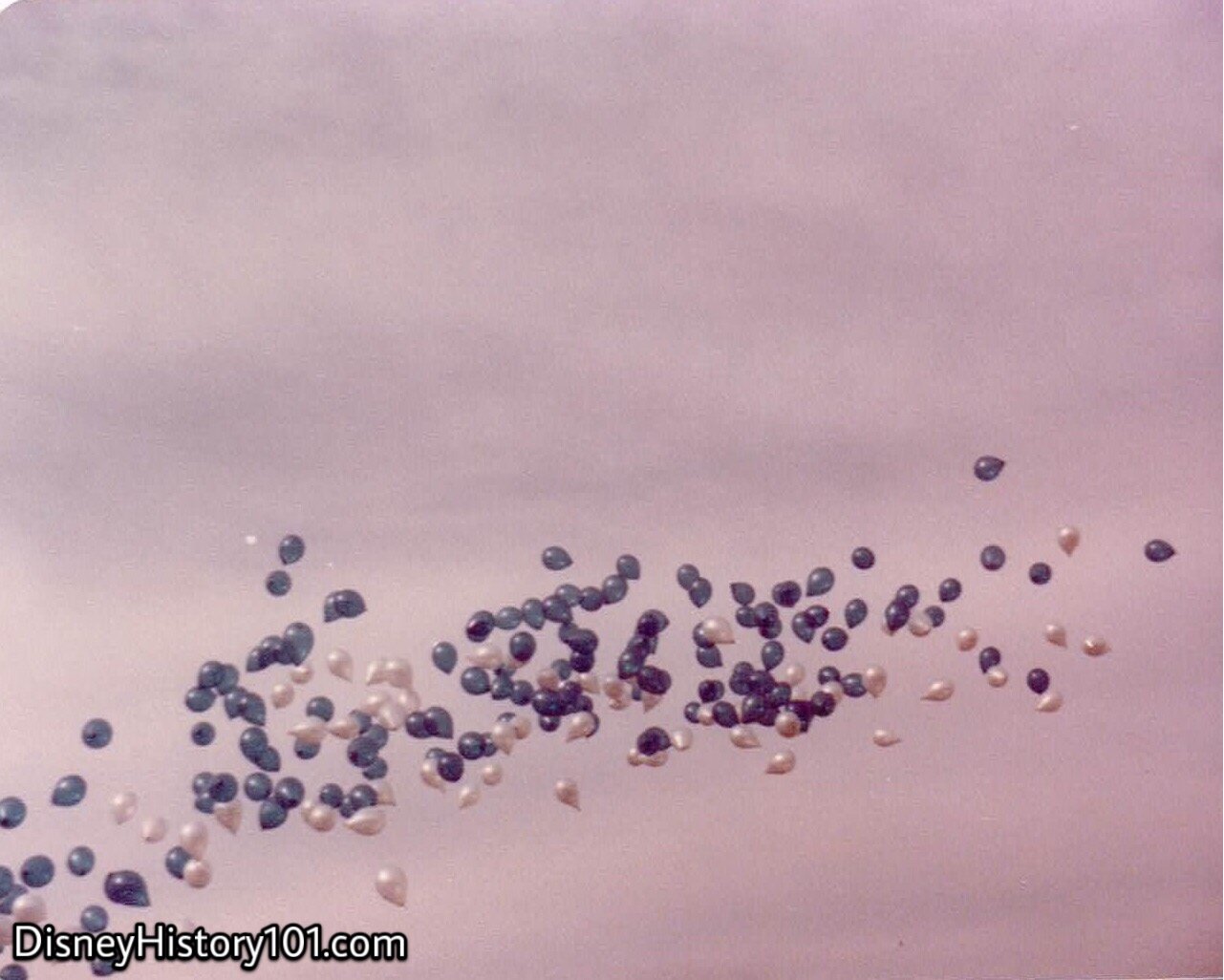
“Come on , my friends!
Let’s sing along…
Disneyland is Your land!…
Where ev’ry wish will come true,
ev’ry thing you ever do!”
In earlier Fantasy on Parades, Casey Junior would make his way along the parade route until he reached the Main Street Station. Upon his arrival, he would then release hundreds of balloons into the air! This year, Casey releases silver and blue balloons in honor of Disneyland’s 25th!
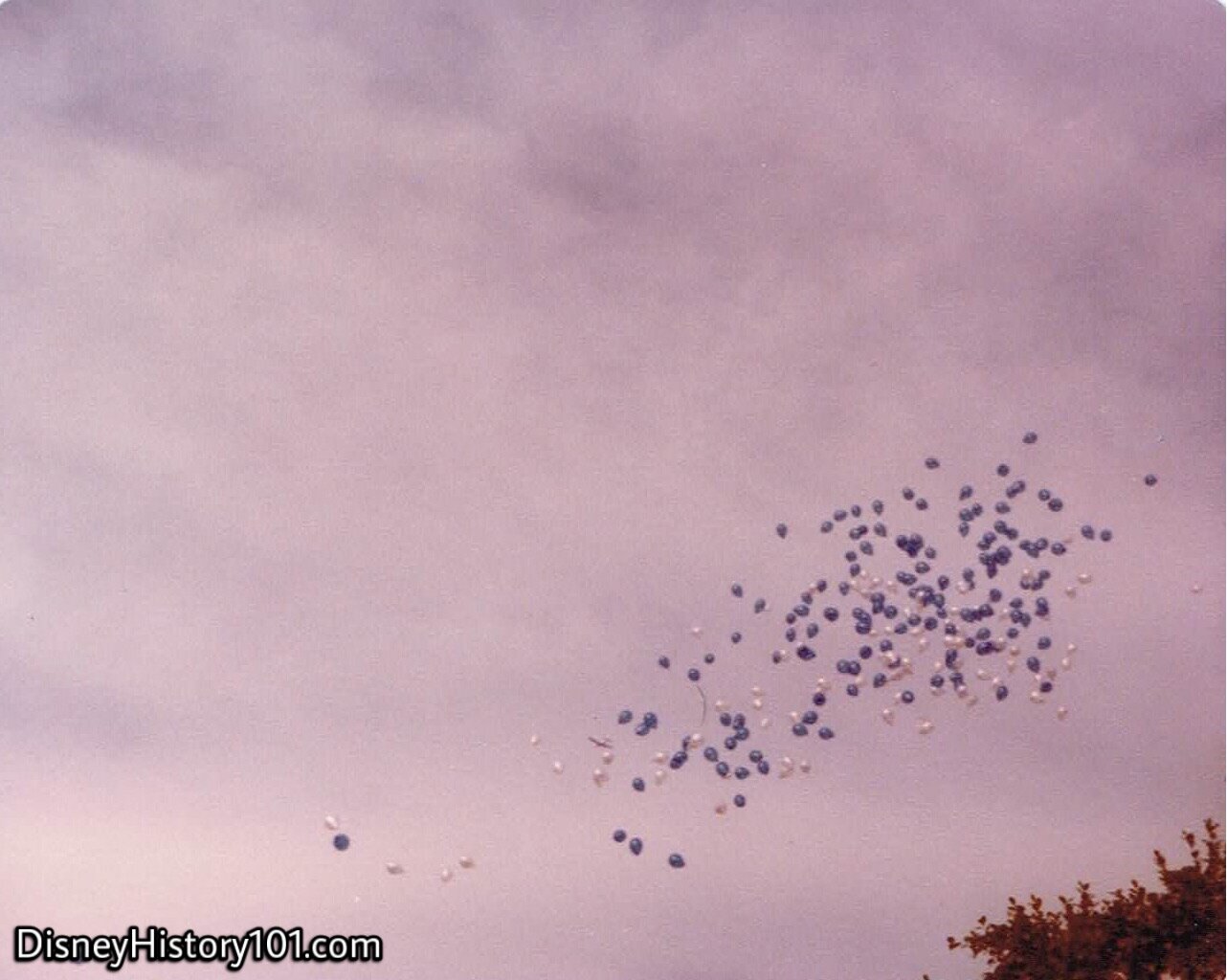
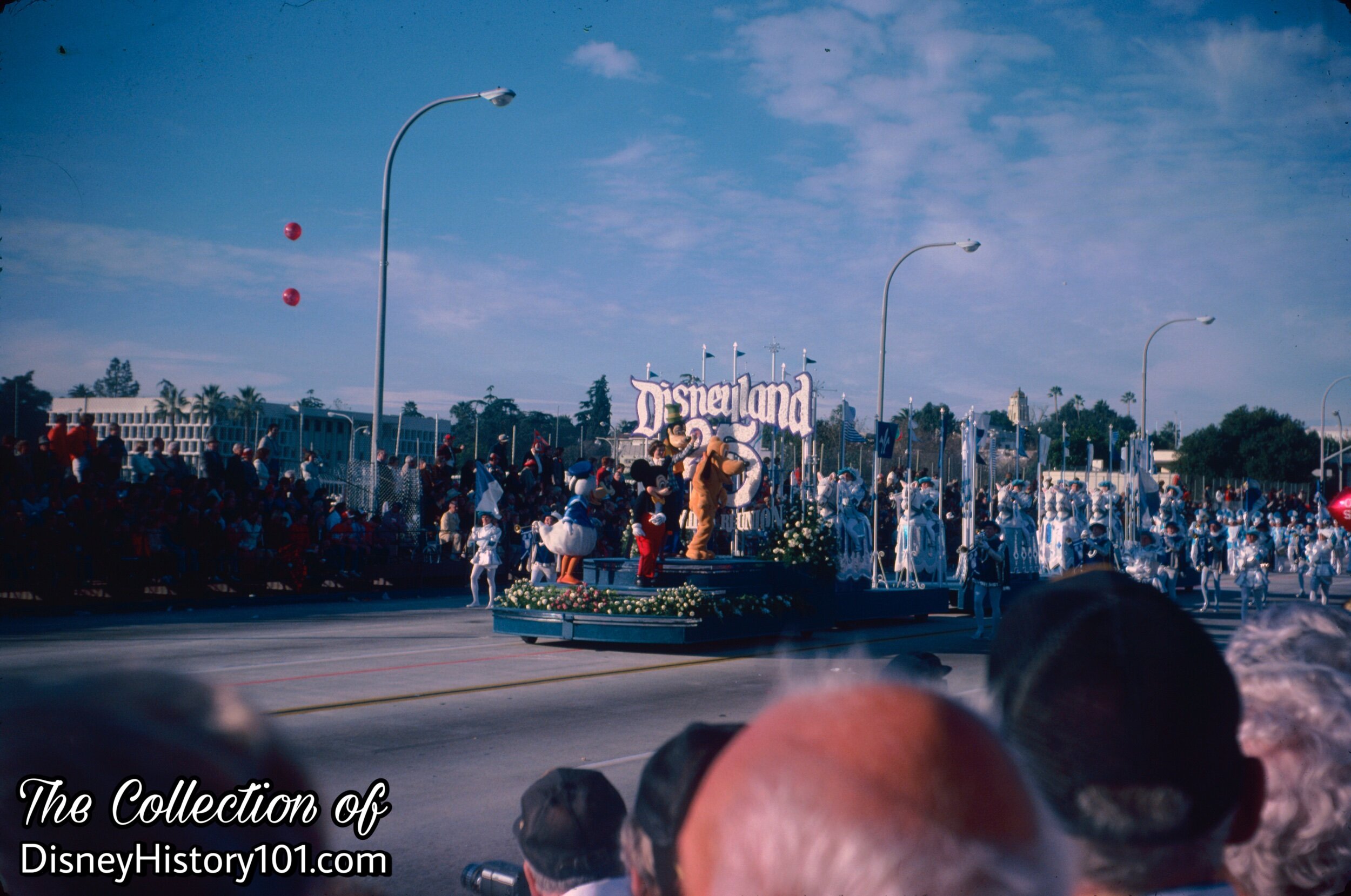
A portion of the parade debuted as the opening unit of the 91st Annual Tournament of Roses Parade, on January 1st!
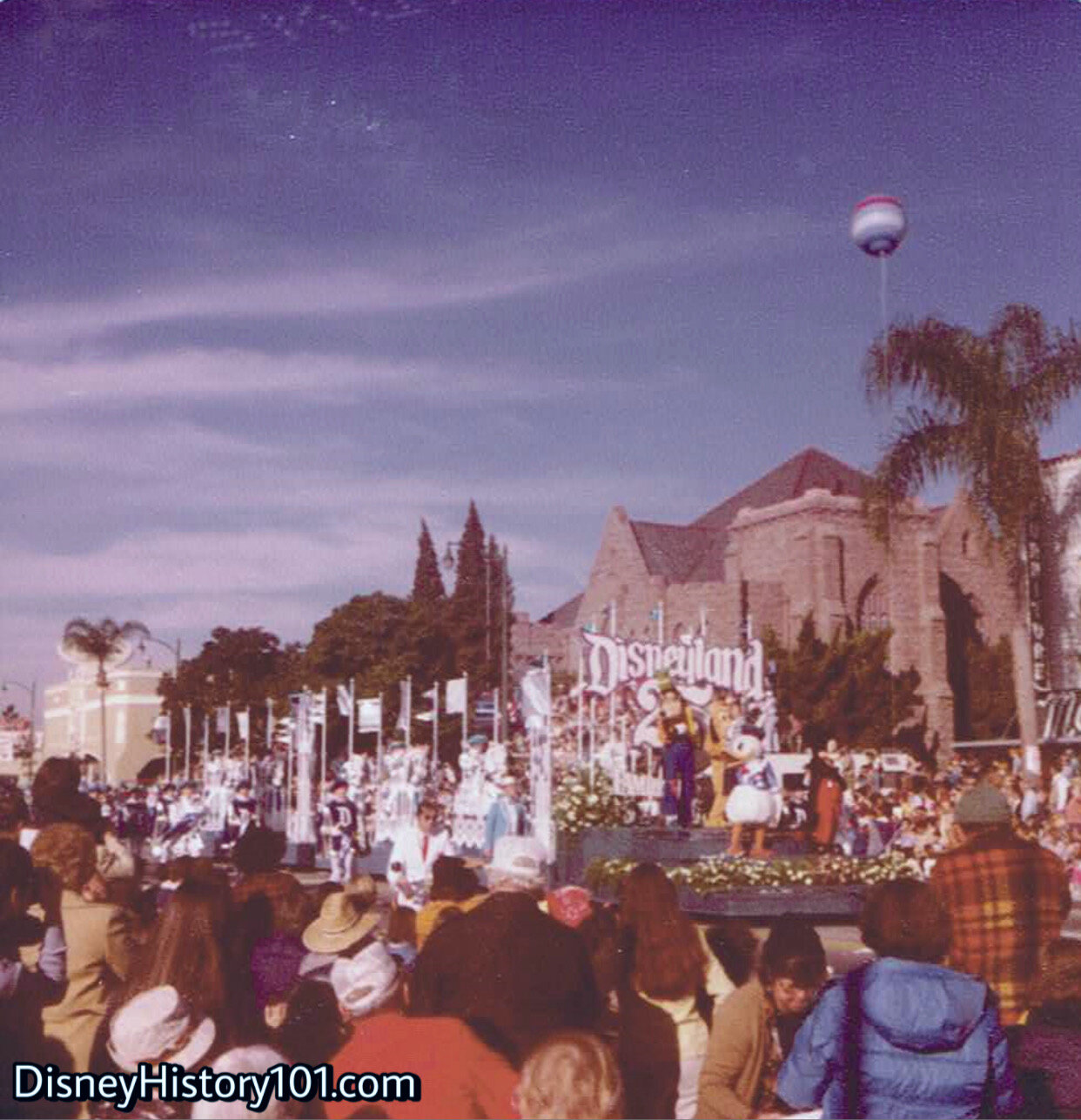
The Disneyland 25th Parade Float also made a local appearance in perhaps one other parade outside Disneyland, to celebrate the “silver anniversary”.
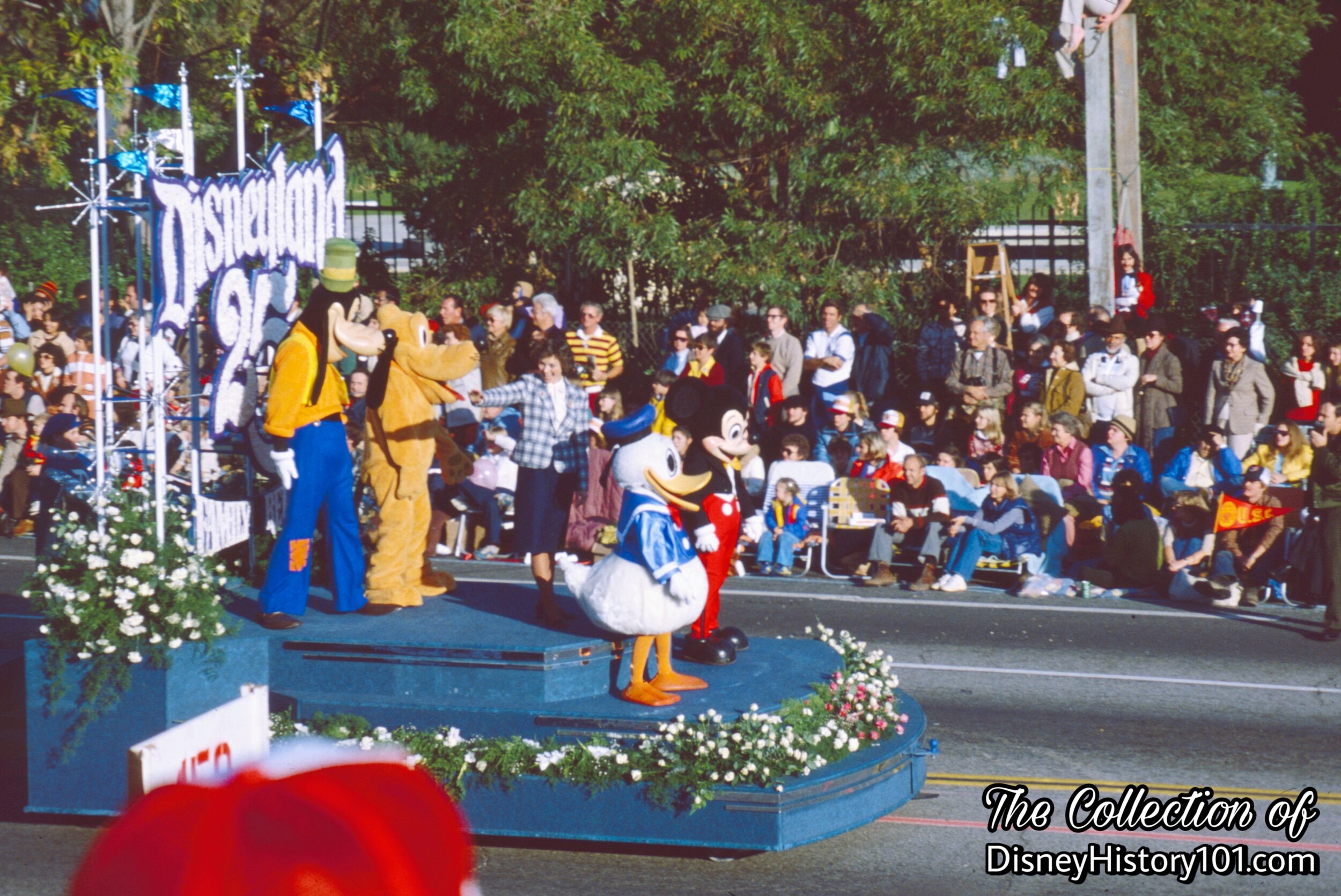

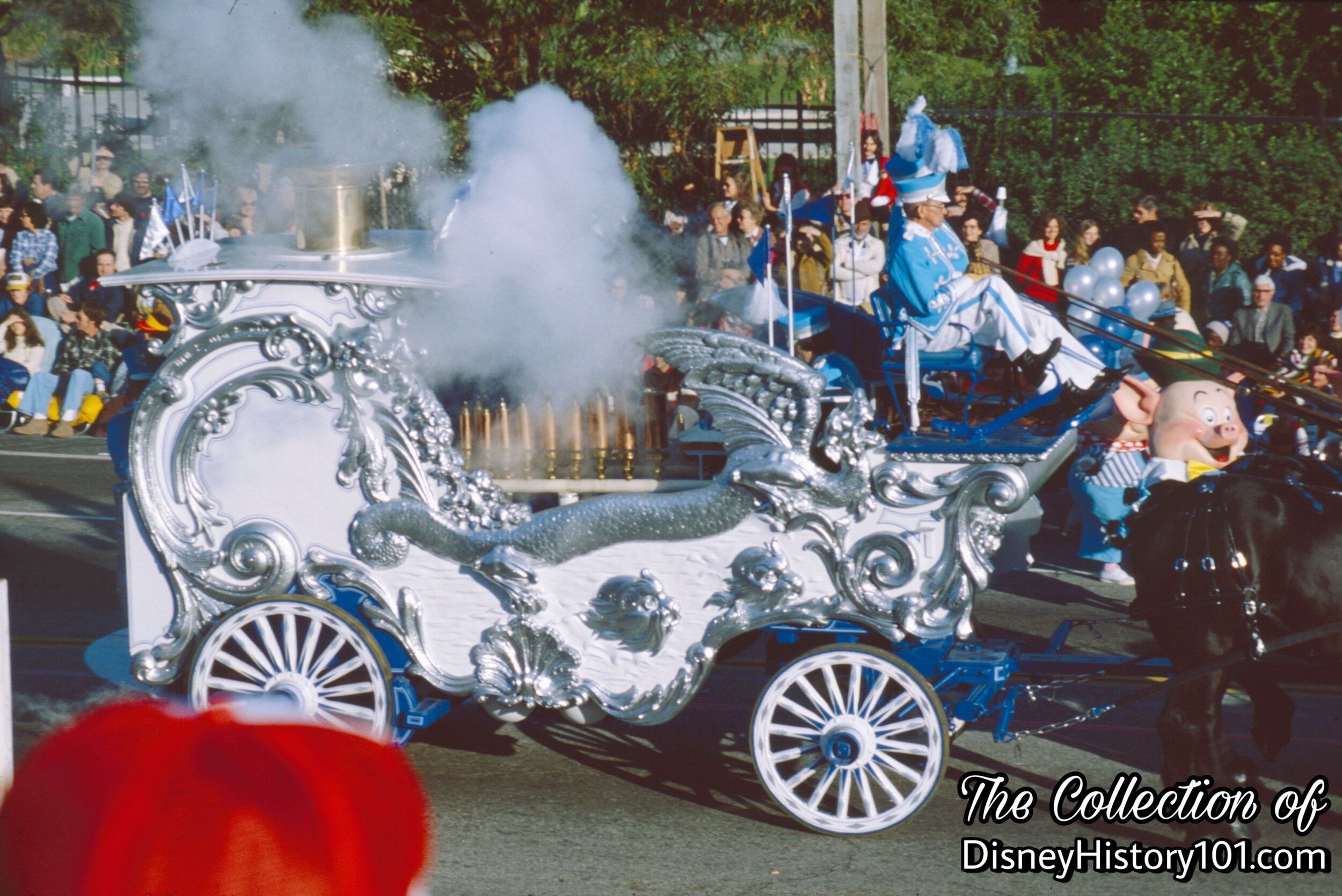
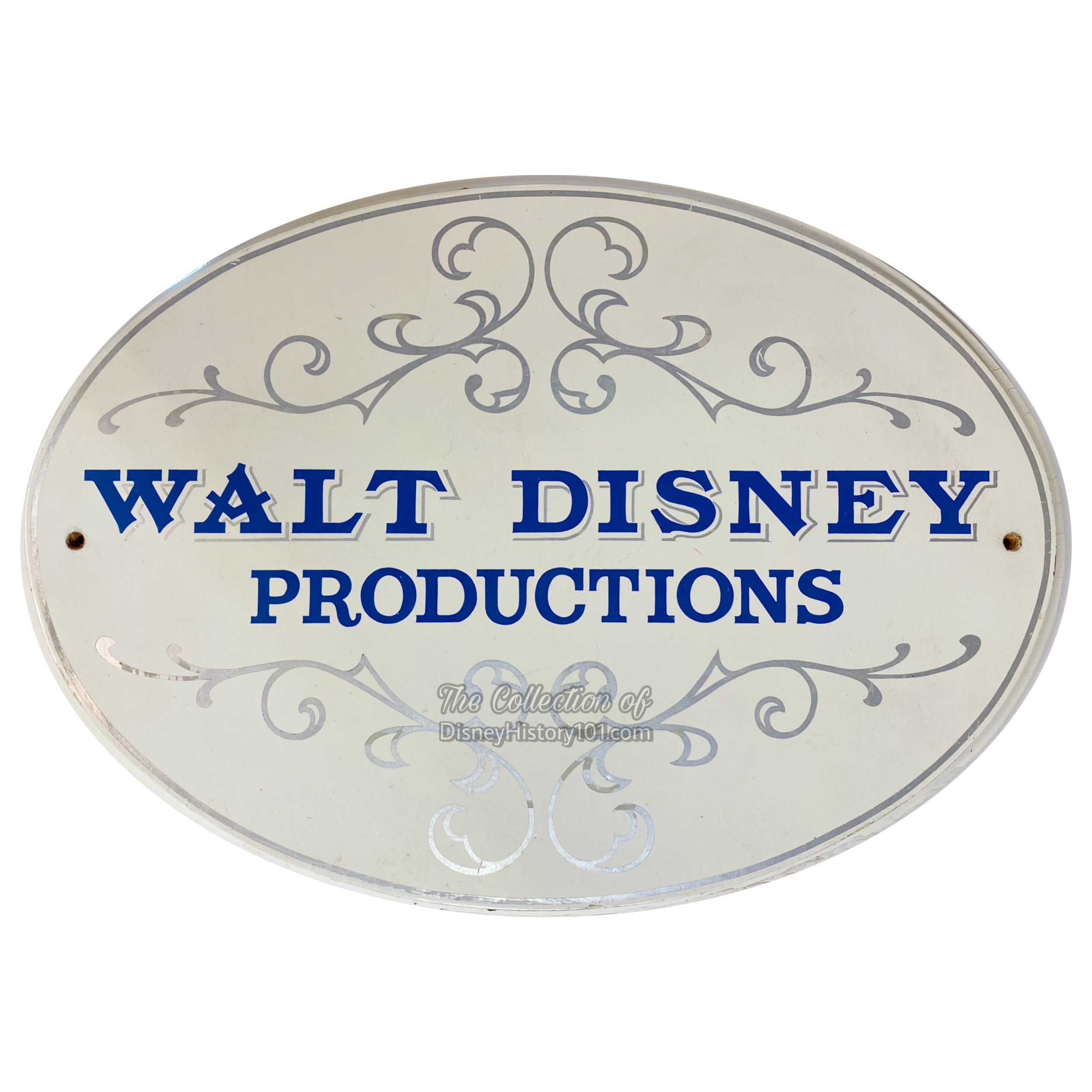
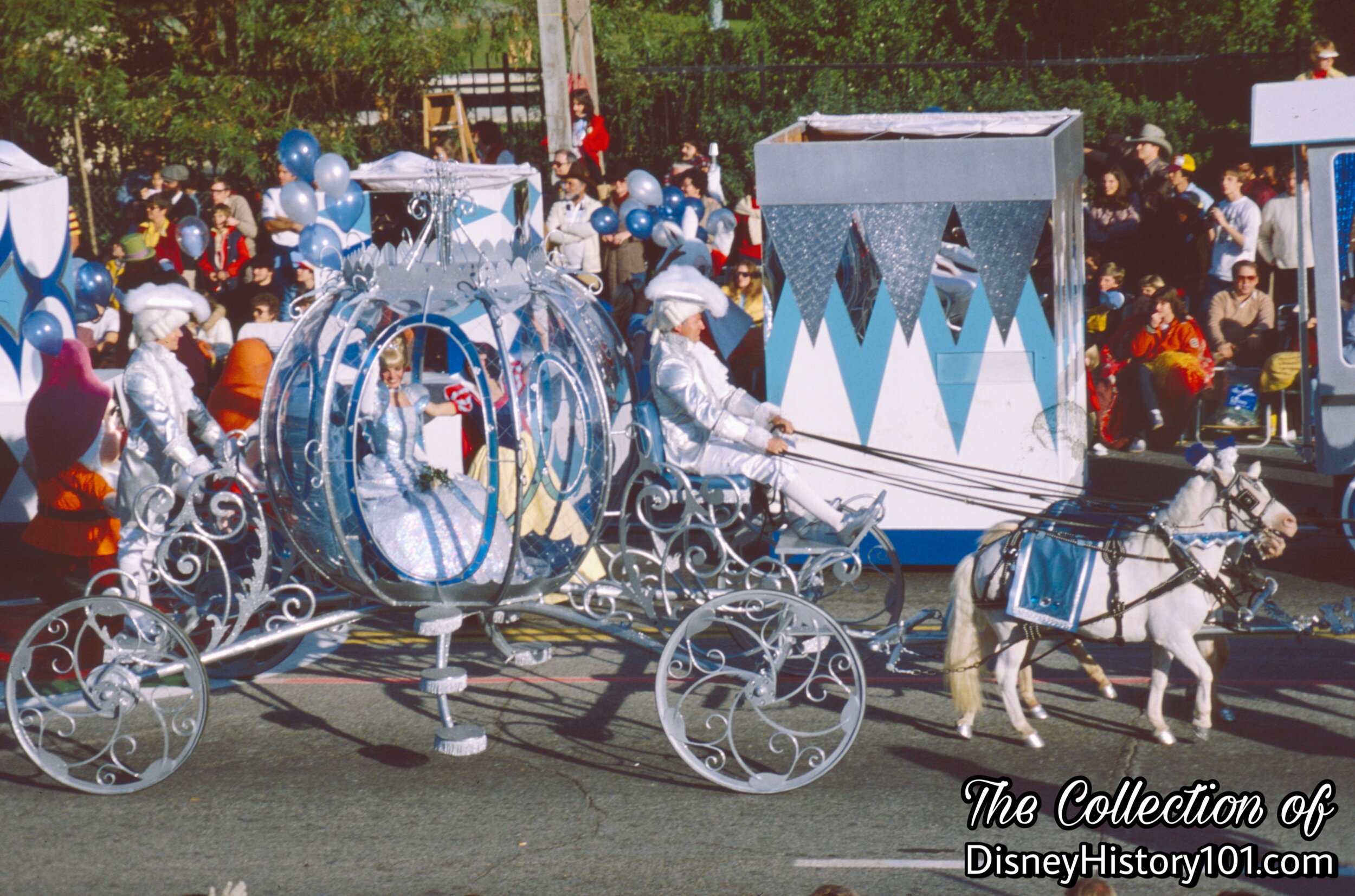
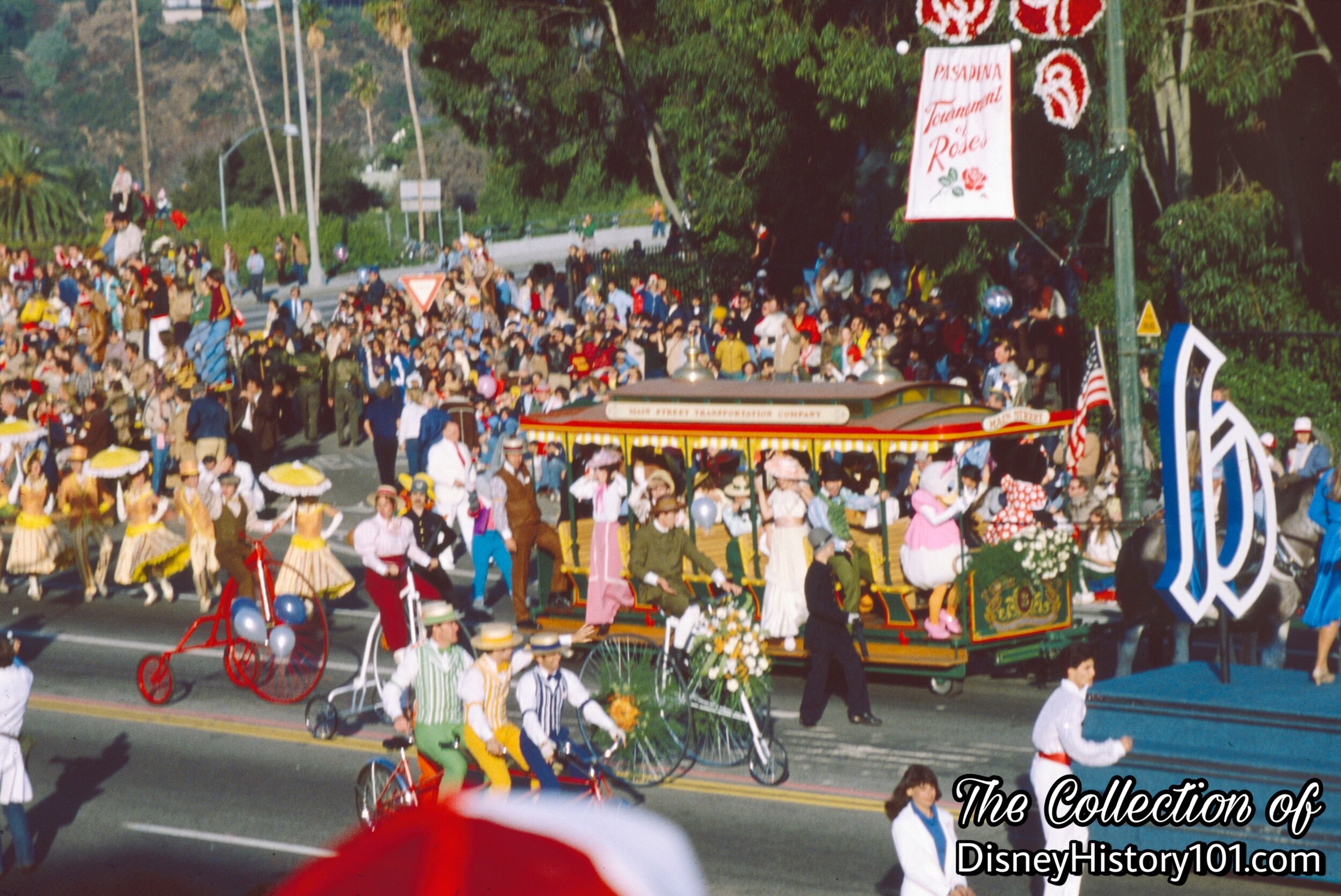
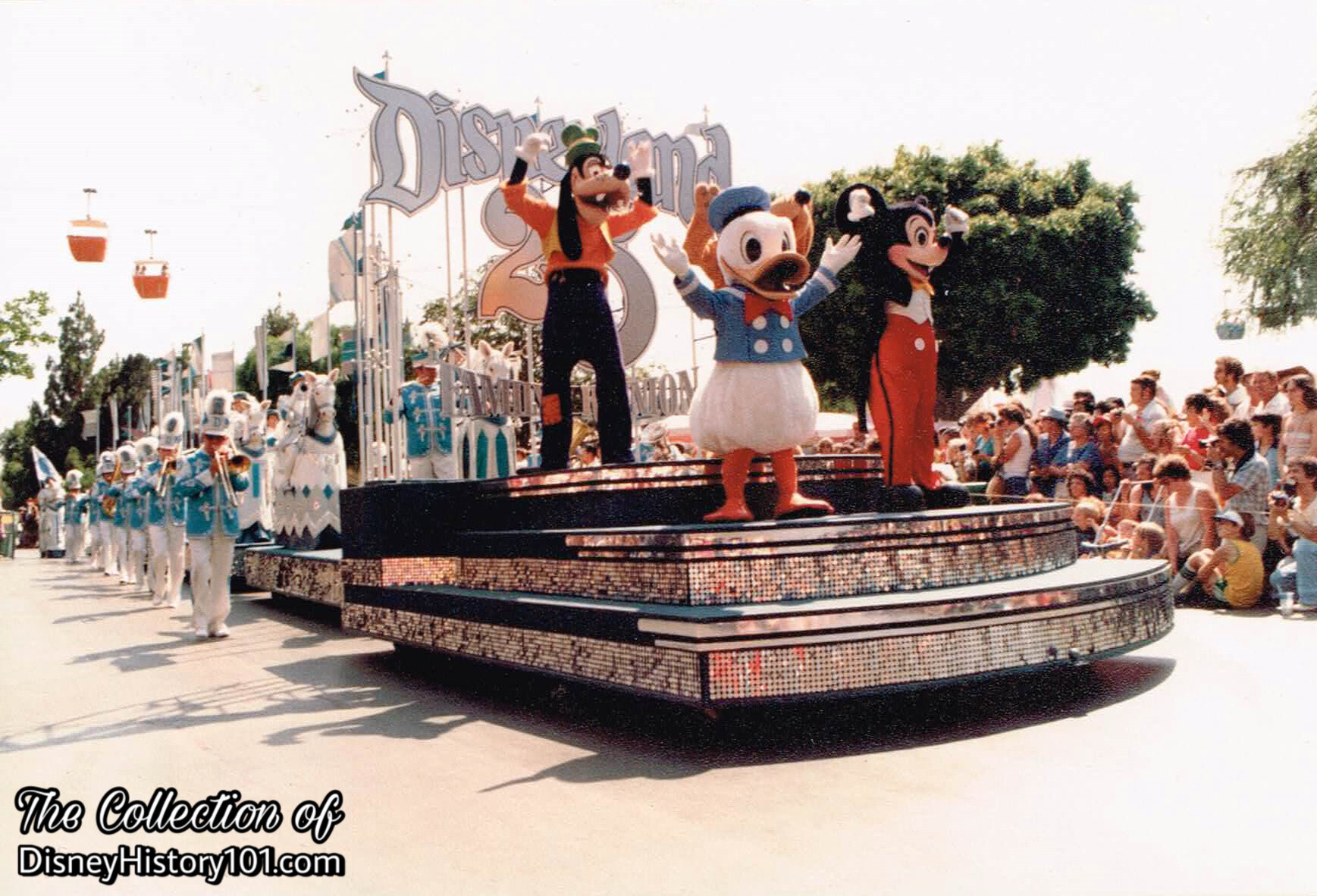
Yes, the Disneyland - 25 Family Reunion was also celebrated at the Magic Kingdom in Walt Disney World, Florida! There, a version of the Disneyland 25th Parade opening unit float also made an appearance, topped with a Cast of family celebrants.

According to “Walt” (published by Walt Disney Productions, 1975), Walt Disney once said, “The important thing is the family. If you can keep the family together - and that’s the backbone of our whole business, catering to families - that’s what we hope to do.” Keeping in step with Walt’s values were the multitude of activities planned for the 7,600 staff members during periods of anniversary celebrations as those held during Disneyland’s “silver anniversary” of 1980!
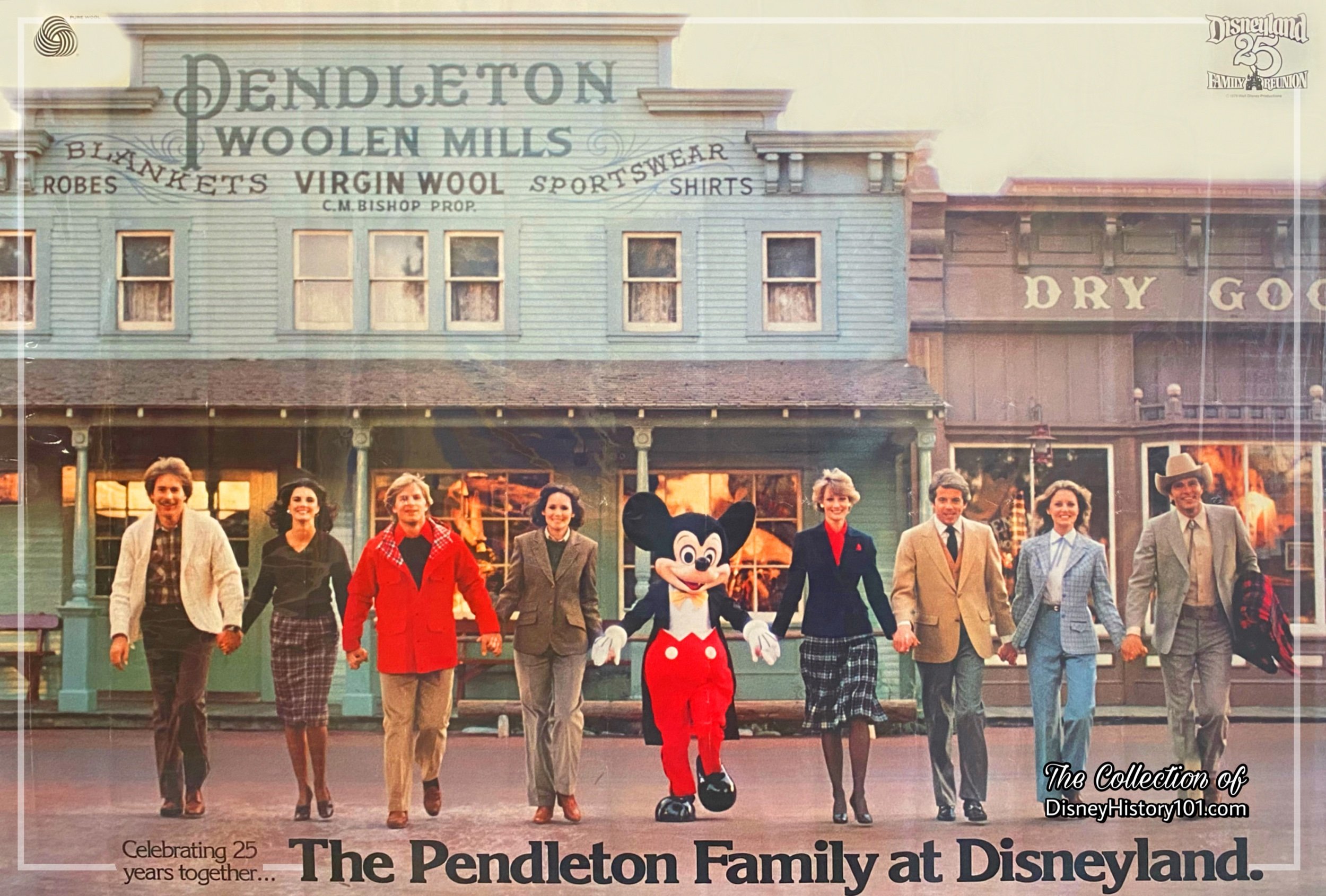
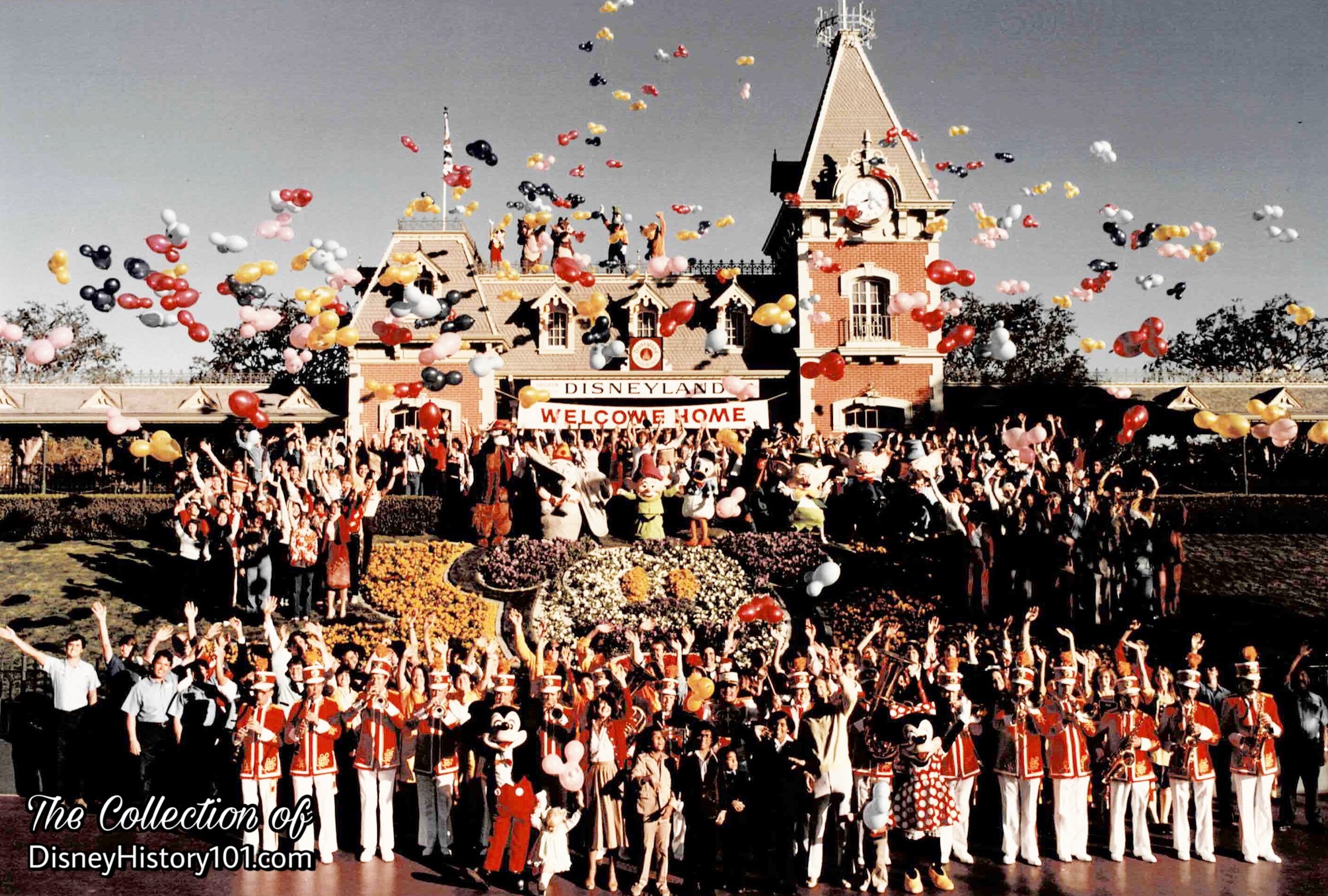
Owing in-part to Cam Alexson (Disneyland Advertising Manager), both a televised Disneyland 25th Anniversary Commercial Recording (filmed on November 20, 1979), and a special broadcast recording starring Danny Kaye and sponsored by Kraft (filmed Saturday, February 9, 1980) made use of Disneyland Cast Members! Many true-life Cast Members were featured on camera in this “happy-ever-after land,” to help celebrate Disneyland’s 25th Anniversary (and the image above was featured on the cover of “Today at Disneyland” brochures). A special early screening of the 25th Anniversary Birthday Commercial debuted Saturday, December 9th, 1980, 9:30a.m., in the Fantasyland Theater.
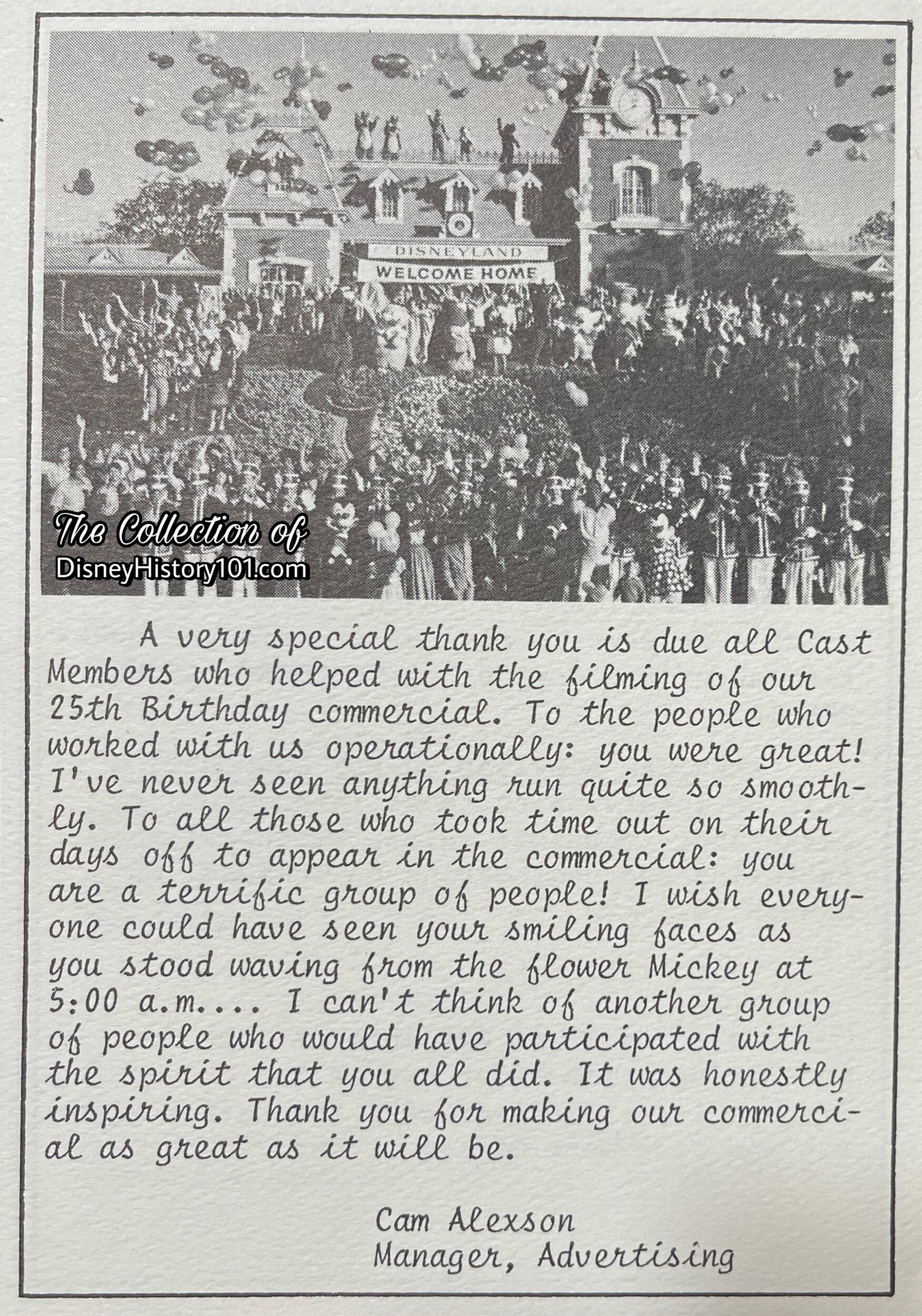
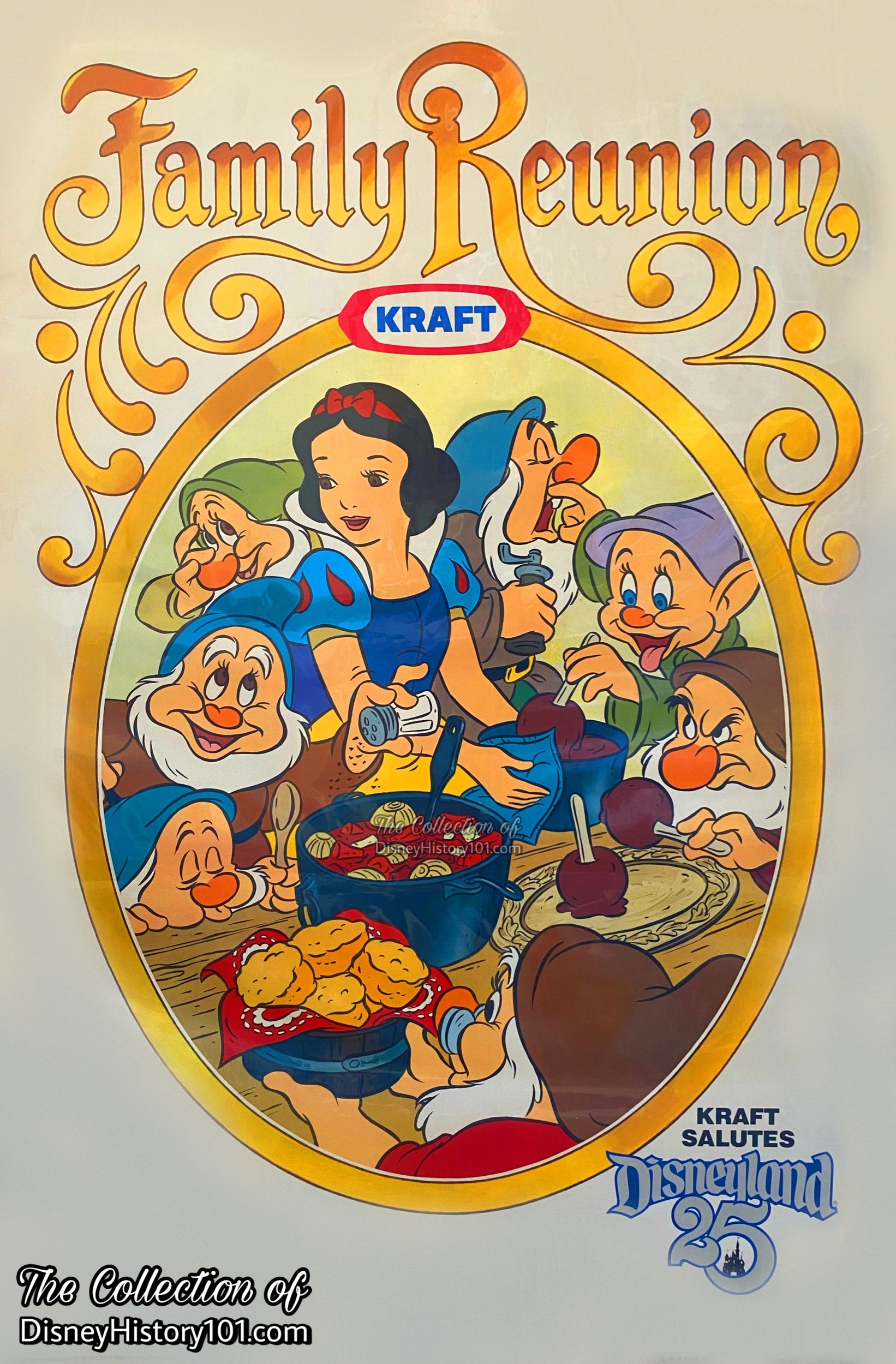
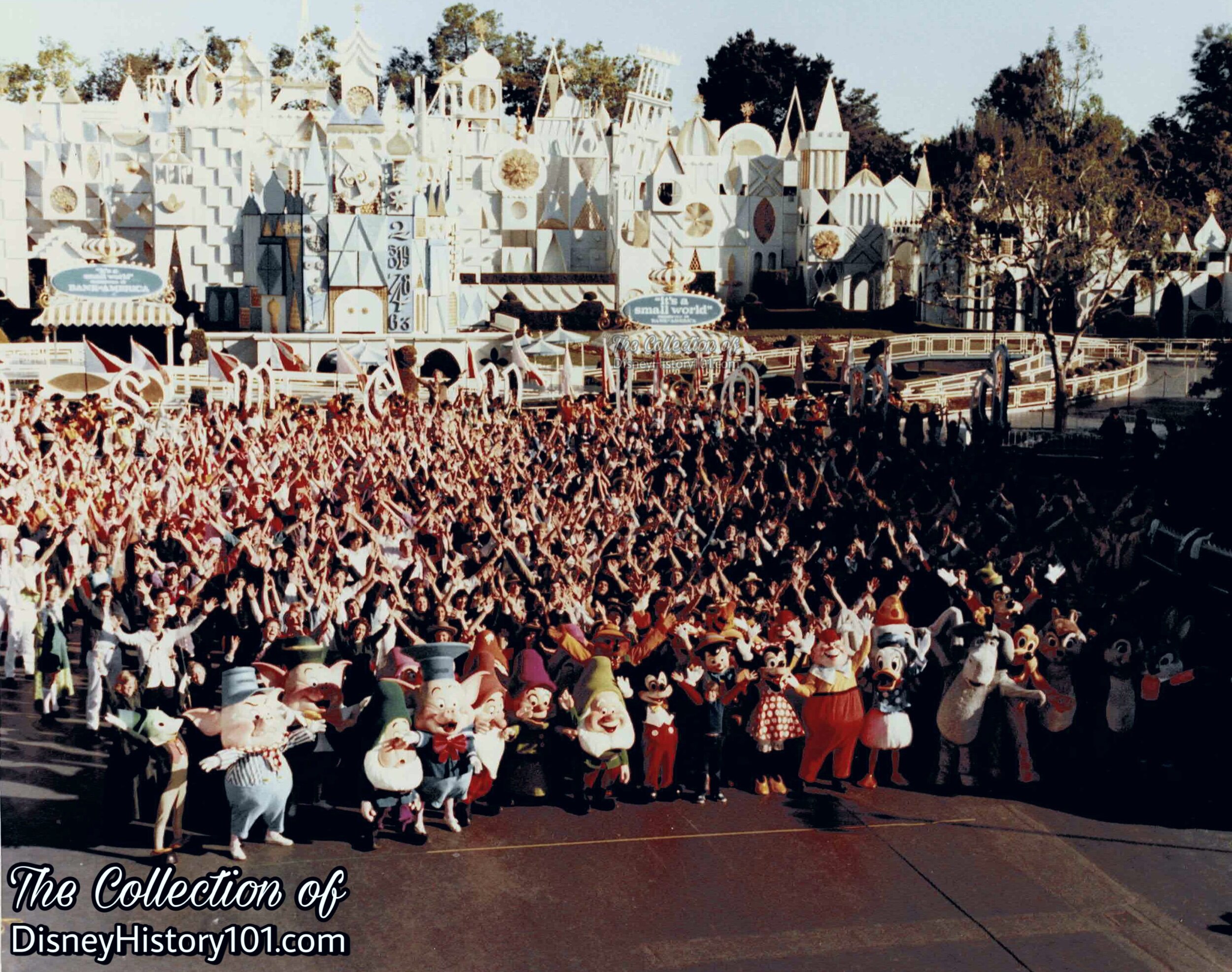
Caption - The previous “Vintage View” belonged to a former Cast Member who stands with their good friend Jerry beneath the “A” in this scene of the Disneyland family, from the Danny Kaye Kraft Special.
Former Disneyland Cast Member George Trullinger recalled his involvement and experiences while contributing to the Disneyland 25th Anniversary Year : “I worked Jungle Cruise ‘79-’81, and was sent to work that parade a few times…[I] also participated in the last scene of the 25th Anniversary TV special, hosted by Danny Kaye… I was very lucky to meet a lot of celebrities during my time at the Park. To celebrate the 25th, they had a private party night, that was truly a night of stars, mostly people who had done films and television for Disney. I did meet Michael Jackson early one morning before the Park opened. He had been riding Pirates of the Caribbean before the rope drop, and I bumped into him running to my opening shift.”
Of course, the spirit of Disneyland is about people - the individual roles of the Disneyland family that work together efficiently and effectively to produce the grand dream of the Disneyland show. Walt once spoke of the community known as the Disneyland family: “Togetherness, for me, means teamwork. In my business, many minds and skillful hands must collaborate. The more diversified our labors and interest have become in the modern world, the more surely we need to integrate our efforts to justify our individual selves and our civilization.” [“The Spirit of Disneyland”]
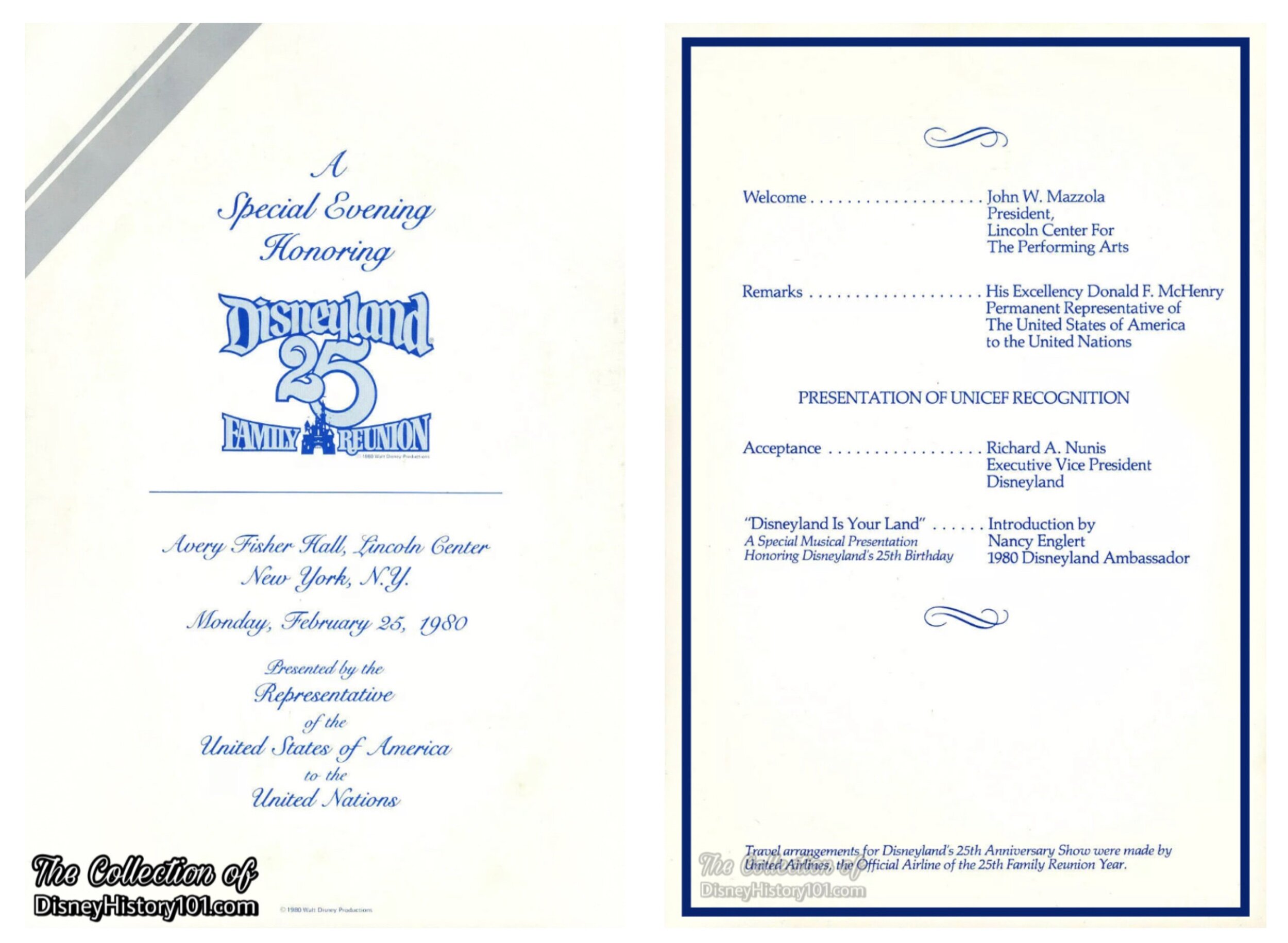
“Disneyland’s 25th Anniversary Show“
Disneyland Cast Members were invited to Disneyland’s 25th Anniversary Show - a special event honoring Disneyland - held Monday, February 25, 1980, at the Avery Fischer Hall, in the Lincoln Center for the Performing Arts, New York! The show was presented by Donald F. McHenry - a representative of the United States of America to the United Nations. UNICEF recognition was presented to Richard A. Nunis (Executive Vice President of Disneyland), and Nancy Englert (1980 Disneyland Ambassador) introduced “Disneyland is Your Land” (a special musical presentation honoring Disneyland’s 25th birthday).
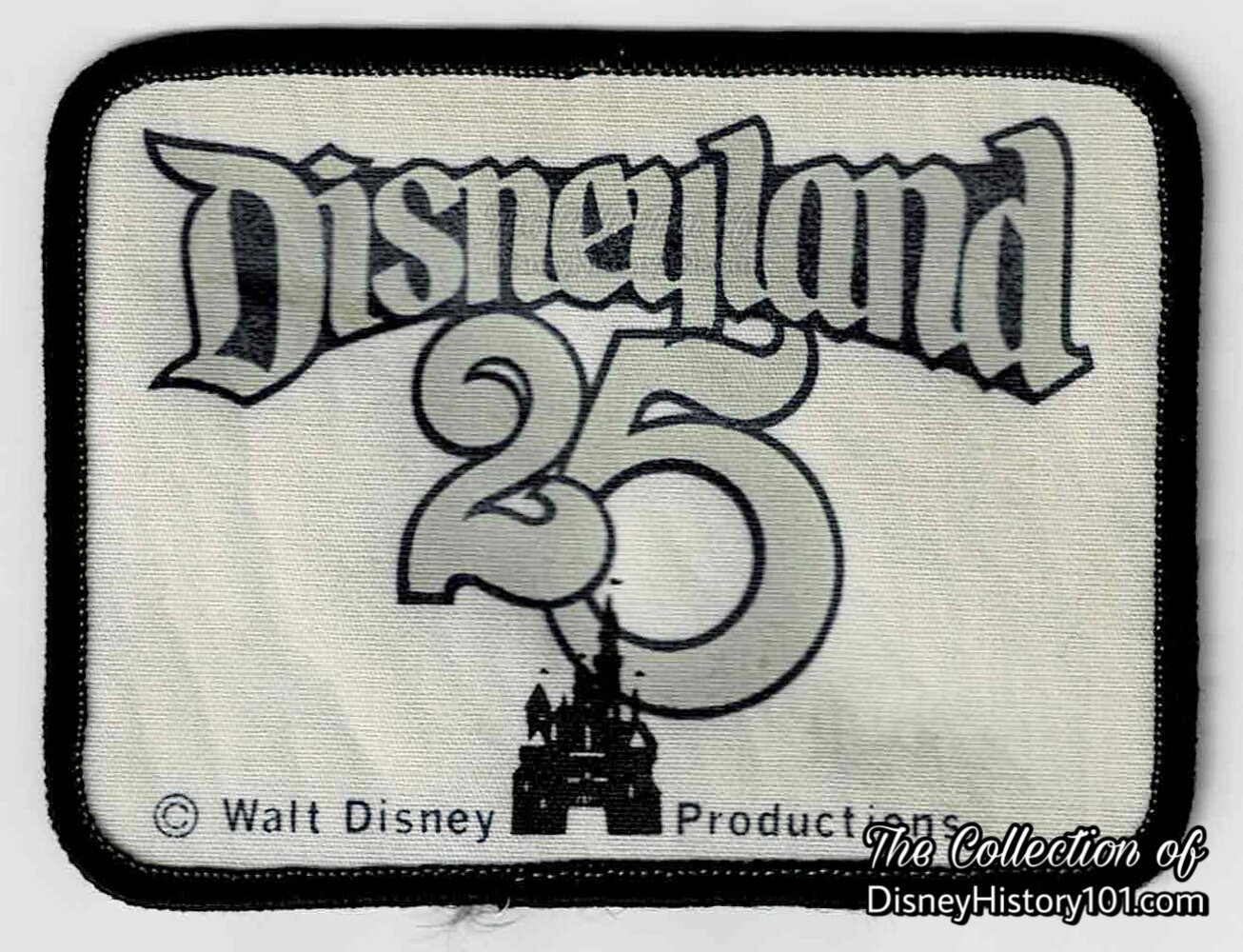
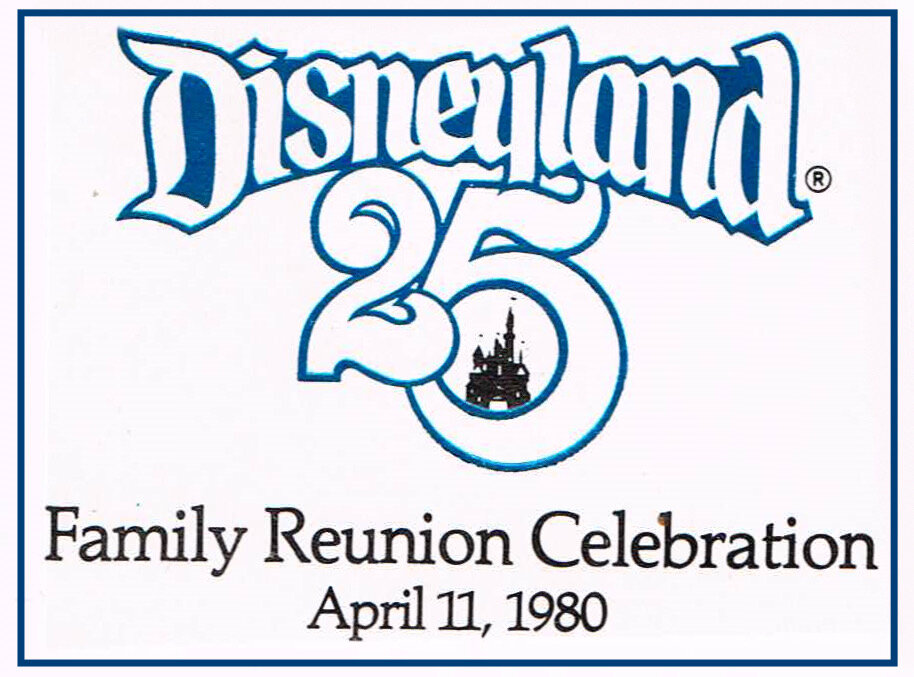
Not withstanding the first major strike to occur at the beginning of the year, the Disneyland family festivities commenced. Due to an Attendance Projection Revision, Jerry Wright suggested that the operating hours for the Family Reunion Celebration (Gala Night) be changed to Friday, April 11, to 7:30-12:30. All Disneyland Lessees & Supervision were notified.
Soon, the Family Reunion Night (on April 11) offered evening entertainment to very special VIP guests as a tribute to Disneyland’s 25th anniversary year! Yes, all Disneyland employees were welcomed to join the Disneyland Family Reunion, as “we’ve all grown up together, and because you’re a special part of our family.”
“25th Anniversary ‘Disneyland Family Open House’“
Up to this point many Disneyland Cast Members may have never seen Main Street Electrical Parade Elliot’s inner “dragon works,” the Club 33 Trophy Room, or “the little computer that keeps a minute-by-minute count of attendance.” For four magical evenings, a total of 17,022 Disneyland Cast Members enjoyed an authorized night off as they became VIP Guests themselves. Upon being welcomed by Dick Nunis at the Main Gate, these were invited to explore the expertise of these Disneyland Backstage and On Stage areas (and more) that produce the unique Disneyland Show. The 25th Anniversary Family Open House was truly unique, as nothing like this “once-in-a-lifetime” event had ever been offered.
Now, Disneyland Cast Members became Guests and could finally get an“opportunity to see how the magic is created”! Park operating hours were specifically reserved for Disneyland Cast Members and not open to the general public. Disneyland Trams departed from the hub every seven minutes, transporting Guests on a unique backstage tour. Along the route, the tram made five stops. The following stops were made along the tour : (1) “Main Street U.S.A. Stop”, (2) the “Building Trades Stop” (featuring the Staff Shop, Paint/Sign Shop, Cycling Shop, Mill, and Country Bear Show Operations), (3) the “Parade Area Stop” (featuring Entertainment Rehearsal Hall, Parade Float Building, and Parade Costume Building), (4) the “Warehouse Stop” (featuring the Refreshment Center, Warehouse, Mechanical Building, Service Station, Garage, and Circle “D” Corral, with its Carriage Lot), (5) The “Decorating Stop” (featuring Decorating, Landscaping, Retlaw Maintenance Services, and Small World Boat Storage). Areas that were generally not open to all Cast Members - Main Street Area Offices, the Great Moments With Mr. Lincoln Projection Booth, the Primeval World Diorama, The Bakery, The Center, The Disneyland Fire Department, the Golden Horseshoe Stage and Dressing Rooms, Big Thunder Control Tower, the “Mark Twain” Steamboat, Custodial Offices, the Adventureland/Frontierland/New Orleans Square/Bear Country Offices, The Tokyo Disneyland Planning Center, Tokyo Disneyland Work Center, Club 33, New Orleans Square Main Kitchen, Pirates of the Caribbean Control Tower, The Haunted Mansion Ballroom Scene, Country Bear Jamboree Show Operations, Space Mountain Control Tower, Coke Terrace and Underground Tunnel, Submarine Dock, America Sings Entertainment Offices, and Tomorrowland/Fantasyland Offices. In addition, Disneyland’s Cast was also encouraged to visit the Administration Building (featuring the Wardrobe Issue, Wig Room, Work Room, Costuming, Offices, Entertainment Administration, Disney University, Creative Services, Finance Offices, Anniversary Tunnel, Executive Offices, Community Affairs, Financial Management, and Security)!
“Tokyo Disneyland Planning Center”
Of note was the Tokyo Disneyland Planning Center. As part of the Family Open House, the Tokyo Disneyland staff opened the doors of the Tokyo Planning Center and Work Center, and offered a descriptive tour of the facilities. This was a unique opportunity to see how a "Theme Show" is planned and created.
The success of the unique Disneyland Show was a direct result of the quality and dedication of the thousands of people who produced it - yesterday, today and tomorrow. It was because of this unqualified success that Disneyland was presently involved in one of the most challenging enterprises ever attempted by Walt Disney Productions — Tokyo Disneyland! In 1974 Disneyland Management was approached by a Japanese leisure industry company, the Oriental Land Company, with a proposal to construct a Disneyland in Japan, on Tokyo Bay. Envisioning yet another means of promoting the Disney ideal of ‘the finest in family entertainment,’ Disney entered into intensive negotiations with the Japanese company. After several years of discussions, an agreement was finally reached and the contracts signed in March of 1979.
From the very beginning, the main concern in the creation of Tokyo Disneyland was that the quality that many strived to achieve at Disneyland must be retained. To ensure that standards were met in all facets of the new Park, the Tokyo Planning Center was established in August, 1979 in a suite of offices overlooking New Orleans Square and the Rivers of America. This placid setting belied the high level of activity generated by this division.
Working in close affiliation with WED and MAPO, the Tokyo Planning Center was constantly aware of every detail involved in the massive enterprise. The Project Master Plan, manpower planning, Tokyo Disneyland organizational structure, key management personnel training at Disneyland and the Summer Work Experience Program were just a few of this division's responsibilities.
Souvenir maps (of these locations and descriptions) were distributed to all members of Disneyland’s Cast. Disneyland Cast Members and their family members also enjoyed a complimentary Family Open House Dinner, September 22, 23, 29, and 30, 1980, at 4:30 p.m. The complimentary meals were served in three locations - at Plaza Inn, Plaza Pavilion, and Carnation Plaza Gardens. Cast Members can still enjoy reminiscing the event, as Disneyland LINE magazine (Volume 12, No. 39 ; July 17, 1980) preserved highlights of Disneyland’s 25th Birthday and Family Reunion!
“Disneyland 25 Family Reunion Picnic”
Disneyland LINE magazine announced the sale of Disneyland 25 Family Reunion Picnic tickets (Adults : $3.50 and Children : $2.50) in Cast Activities. The picnic was held at the Phoenix Club, on August 9, 1980! Disneyland’s family, friends, and a few of its cast of characters attended. There were prizes, entertainment, and “all you can eat”!
“26th Annual Disneyland Christmas Party“
In December, nearly 10,000 Disneyland Cast Members and their family members stepped through Disneyland’s turnstiles for the 26th Annual Disneyland Christmas Party on Monday, December 7th. For the evening, Disneyland management, WED and MAPO, and Walt Disney Studios took the responsibility of operating attractions and merchandise locations in addition to serving food.
“Disneyland Silver Jubilee Christmas Dinner-Dance“
Two weeks later, the Disneyland Silver Jubilee Christmas Dinner-Dance offered Disneyland Cast Members and their families one final opportunity to meet new friends and get reacquainted with old ones. The dinner-dance was held in the Grand Ballroom of the Disneyland Hotel, on December 21, 1980, from 6:30 p.m. until midnight. Tickets were $12.50 per person. Featured entertainment included cocktails, dinner, and dancing, with special guests the Lennon Sisters, Stan Freese, the Disneyland Orchestra, and local radio personality Jim Lowe, all under unique holiday-themed lighting effects!
Disneyland LINE (Vol.12 ; No.29) would celebrate “Disneyland 25” for current Cast Members to relive Disneyland’s first twenty-five formative years. Though Disneyland’s “silver summer” and “silver anniversary” would fade, the guest and Cast memories would remain for a lifetime, thanks to the “outstanding success” of “all of our Disneyland people” in hosting guests (according to Dick Nunis)!

Tim Brandt (Disneyland Security) and Priscilla (Disneyland First Aid) meet Dale during Disneyland’s 25th Family Reunion Private Party, proving that Disneyland is “for boys and girls, and moms and dads” and that the primary product of Disneyland has always been happiness!
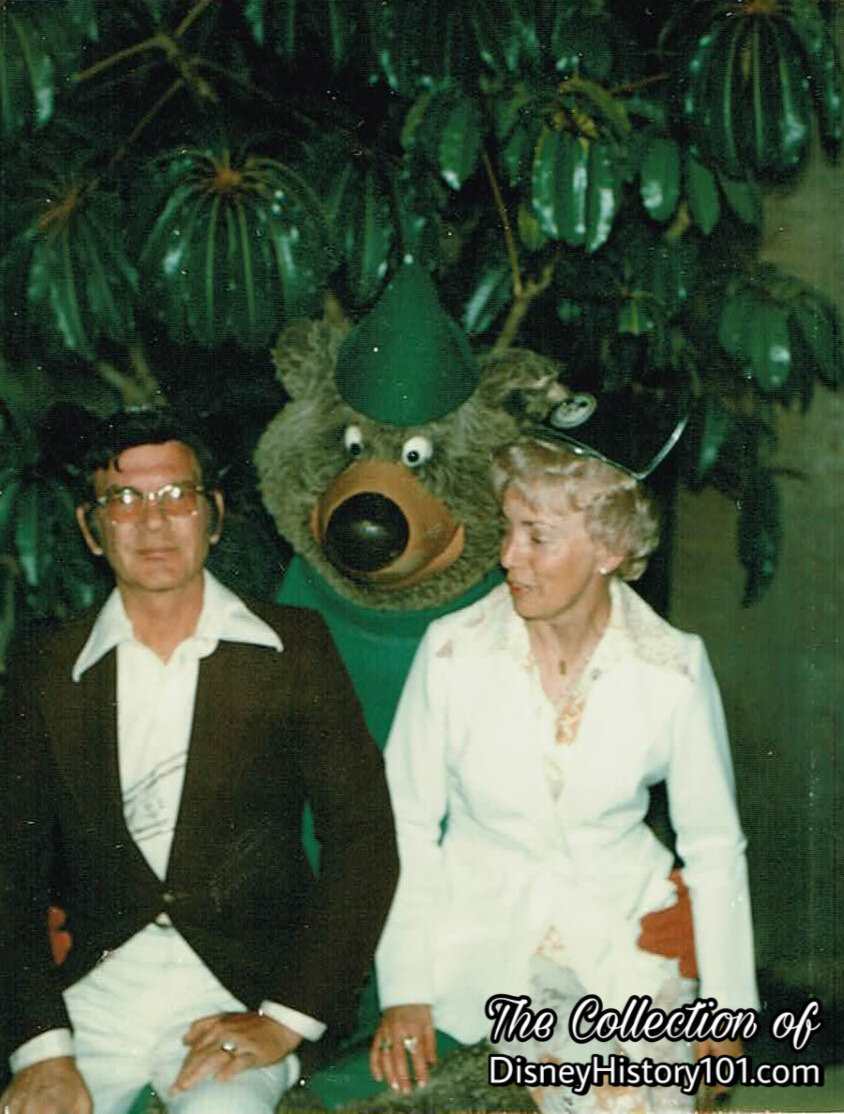
Tim Brandt (Disneyland Security) and Priscilla (Disneyland First Aid) meet Little John during Disneyland’s 25th Family Reunion event!

Tim Brandt (Disneyland Security) and Priscilla (Disneyland First Aid) meet Prince John during Disneyland’s 25th Family Reunion event!

Tim Brandt (Disneyland Security) and Priscilla (Disneyland First Aid) meet Bianca during Disneyland’s 25th Family Reunion event!

Tim Brandt (Disneyland Security) and Priscilla Reynolds (retired Disneyland First Aid “Health Services” Cast Member of 26 years) meet Pluto during Disneyland’s 25th Family Reunion event!

Walt acknowledged “Everything here at Disneyland and the Studio is a team effort.” A big part of the success of the Family Reunion lay in the teamwork which contributed to the overall efficient and effective showmanship of the Disneyland Entertainment Department and Disneyland show. After the festivities were through, the Disneyland Entertainment Department parade Cast Members could look back on the fulfillment of their individual roles and responsibilities which contributed to the overall environment consistent with defined Disney behaviors. These Cast Members posed for a final photograph commemorating their contributions toward the overall success and “Performance Excellence” of both Family on Parade and the Disneyland show!
DISNEYLAND 30 YEARS
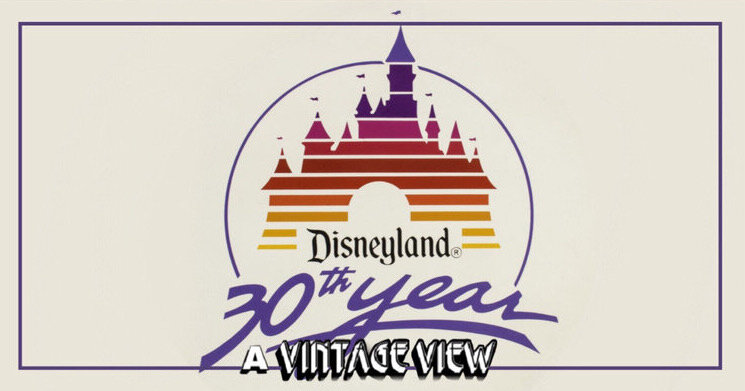
“… And The Best Has Just Begun!”
Disneyland’s 30th Year was a special chapter in Disneyland history - “a 365-day celebration”! Themed celebrations were held on various weekends throughout the year to celebrate “30 Years of Magic”, and it all began with a rededication hosted by Disneyland Ambassador Melissa Tyler! A 24-hour celebration began at 12:01 for guests who purchased “Party Night” Tickets. Tinker Bell (Gina DeMarco) illuminated 30 candles over Main Street and 30,000 balloons were released into the night air, as colorful search lights illuminated a rainbow over Disneyland. After the rope drop, festivities included the premier of the colorful and musical “30 Years of Magic Parade”! Local radio station KRLA and Television stations and crews (including the British “Today Show”) were on hand to share the magic!
“Special Party Premiums” included a free gift - Disneyland 30th Birthday Poster (a limited edition 5,000 lithographic print) signed by artist Charles Boyer - at the Gift Redemption Center near the Mr. Lincoln attraction or at the Gibson Greeting Card Shop on Main Street U.S.A. In addition, guests were invited to enjoy a Birthday Brunch between the hours of 12:01 and 8:00 a.m. through many Disneyland restaurants - the Plaza Pavilion, Plaza Inn, Carnation Main Street, Blue Bayou Restaurant, French Market, River Belle Terrace, Tomorrowland Terrace, Stage Door Cafe, Carnation Gardens, Hungry Bear Restaurant, Cafe Orleans, Village Haus, and Casa Mexicana.
“The Most Magical Party Celebration Ever Telecast”
During August of 1985, “Disneyland’s 30th Anniversary Celebration,” a two-hour special aired (Monday, February 18th, at 8p.m.) on NBC-TV Network (advertised on the cover of Walt Disney Productions Quarterly Report for three months ended December 31, 1984)! The star-studded two-hour celebration was co-hosted by John Forsythe and Drew Barrymore! David Hasselhoff (of television’s Knight Rider) joined Julie Andrews, Donna Summer, Julian Lennon, Alabama, the Pointer Sisters (performing the “Neutron Dance” alongside program characters from the world of TRON, and Electrical Parade Floats), Debbie Allen, Roy Clark, Marie Osmond, Peter Allen, Pluto, Donald Duck, and Mickey Mouse to observe Disneyland’s 30th anniversary festivities.

The Official 30th Year Birthday Party Opening Ceremony was held in Town Square, Main Street U.S.A., on July 17th, 1985, at 12:01 a.m.! The Mayor of Anaheim, Tokyo Disneyland Cast Members, and Dick Nunez addressed the crowds before a large release of colorful balloons, confetti, and “HAPPY 30th DISNEYLAND” skywriting filled the sky south of Disneyland!
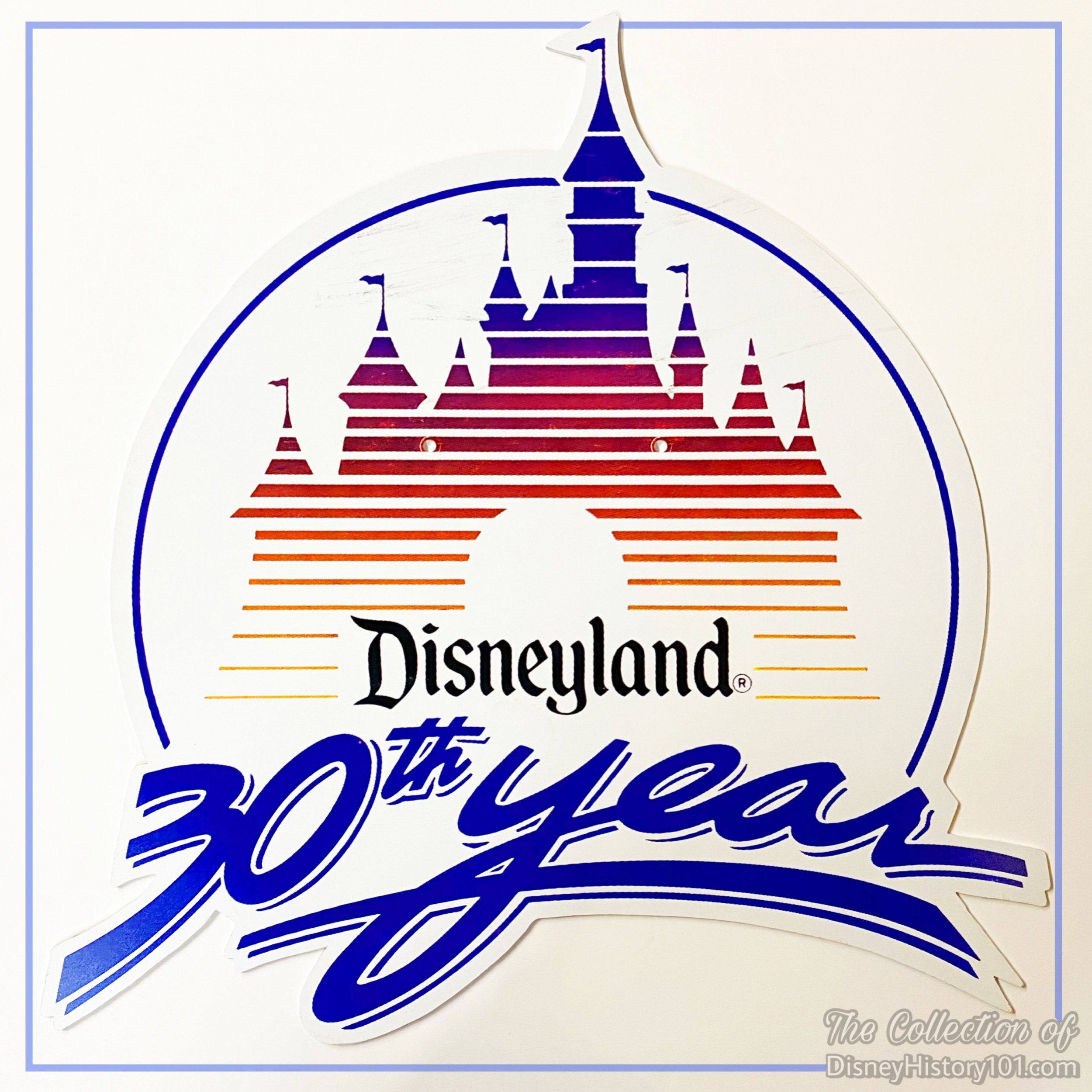
At Disneyland, signs were themed to support the stories with respectful graphics, colors, fonts, terminology, the overall design of sign, materials (wood, metal, banners, etc.), and verbiage used on the signage.
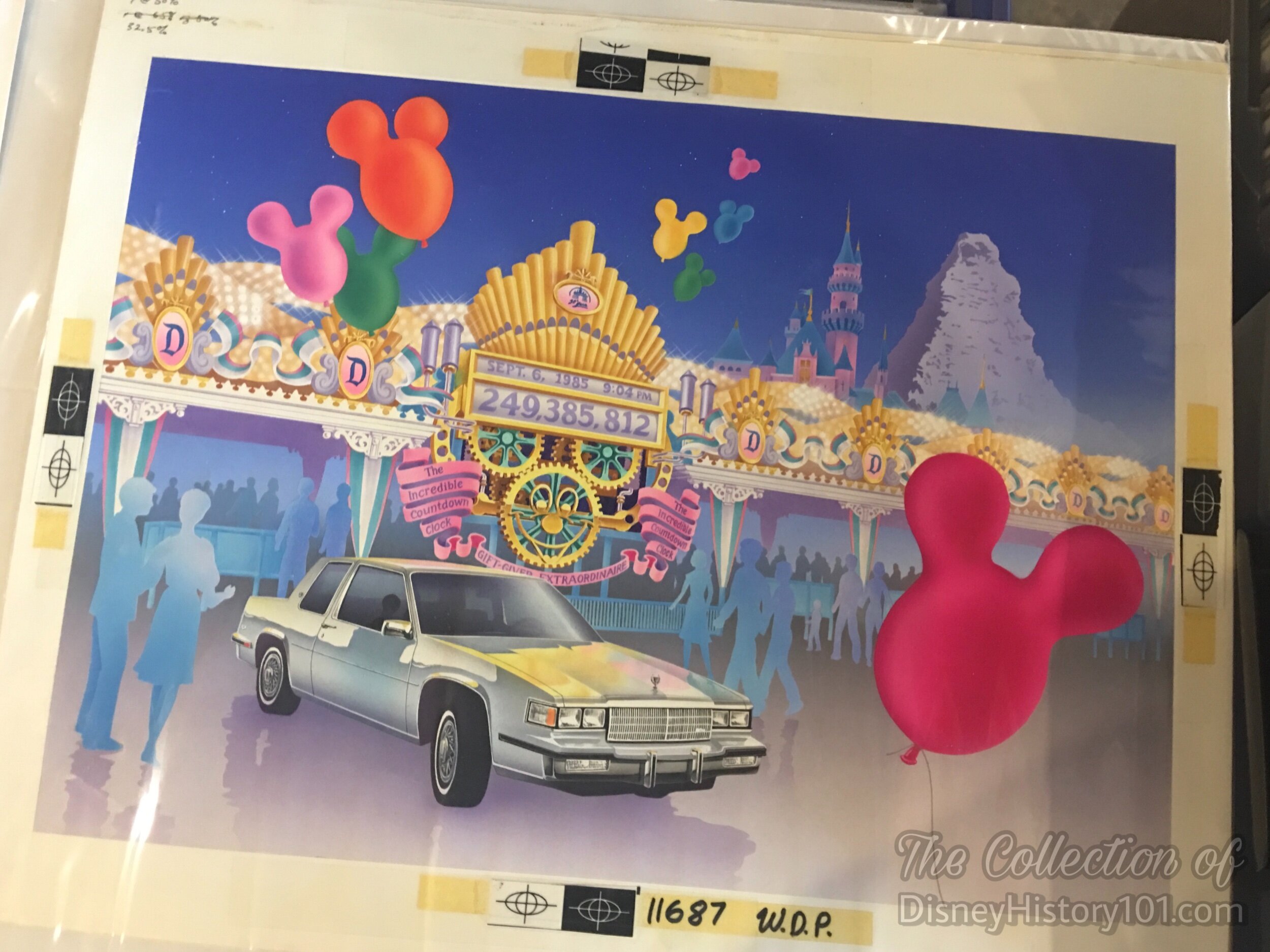
Without a doubt, Disneyland’s “hottest summer ever” would be remembered for the return of the Main Street Electrical Parade, the debut of Videopolis, and assuredly Disneyland’s 30th Birthday Celebration! From January 1, 1985 to 1986, the Gift Giver Extraordinaire Machine assured that every Disneyland guest became a winner! The Gift Giver Extraordinaire (a computerized machine developed by Scientific Systems at Imagineering) was originally programmed to award prizes to every 30th guest, while keeping track of the date, the time of day, and the number of guests to enter the Park during the celebration!
The Gift Giver Extraordinaire Machine (also known as the “Incredible Countdown Clock”) was situated in the middle of Disneyland Plaza, awarding prizes to every 30th guest (ages 3 and up) all year long, and according to Disneyland Line will “add up to a winner every minute”. The $12 million worth of prizes, included 400 new General Motors Cars. According to the same publication, “3,000 gifts - including two cars” had been given away by only three days into 1985.
Many smaller prizes included drinks at the Orange Juice Bar, Disneyland popcorn, and Disneyland Souvenir pins (featuring Disneyland’s different lands)! How were the winners decided? The publication continues : “The incredible Gift Giver Extraordinaire Machine [was]…a sophisticated computer monitoring system which counts eligible [paid admission] guests and automatically awards prizes. The computer system dispenses a Contest Entry Card to each eligible guest who passes through a turnstile, and the numbers printed on the card by the computer determine if the guest has won, and what the prize category will be. If there is a computer breakdown, the scratch-off cards will be distributed to eligible guests as the guests pass through the turnstile[s]. The contest odds will remain the same for the scratch-off cards.” According Cast Member Information Cards (published for 1985), the approximate odds of winning prizes were as follows :
•Disneyland “Unlimited Use” Passport (1 in 30)
•Mickey/Minnie 20” Plush Toy Collection (1 in 300)
•Disneyland 30th Anniversary Commemorative Wristwatch (1 in 3000)
•1985 Chevrolet Cavalier CS 4-DR Sedan (1 in 30,000)
•1985 Oldsmobile Cutlass Ciera LS Sedan (1 in 300,000)
•Buick Century Custom Sedan (1 in 300,000)
•1985 Pontiac Sunbird LE (1 in 30,000)
•1985 Cadillac Sedan De Ville (1 in 3,000,000) - the grand prize valued at $25,000!

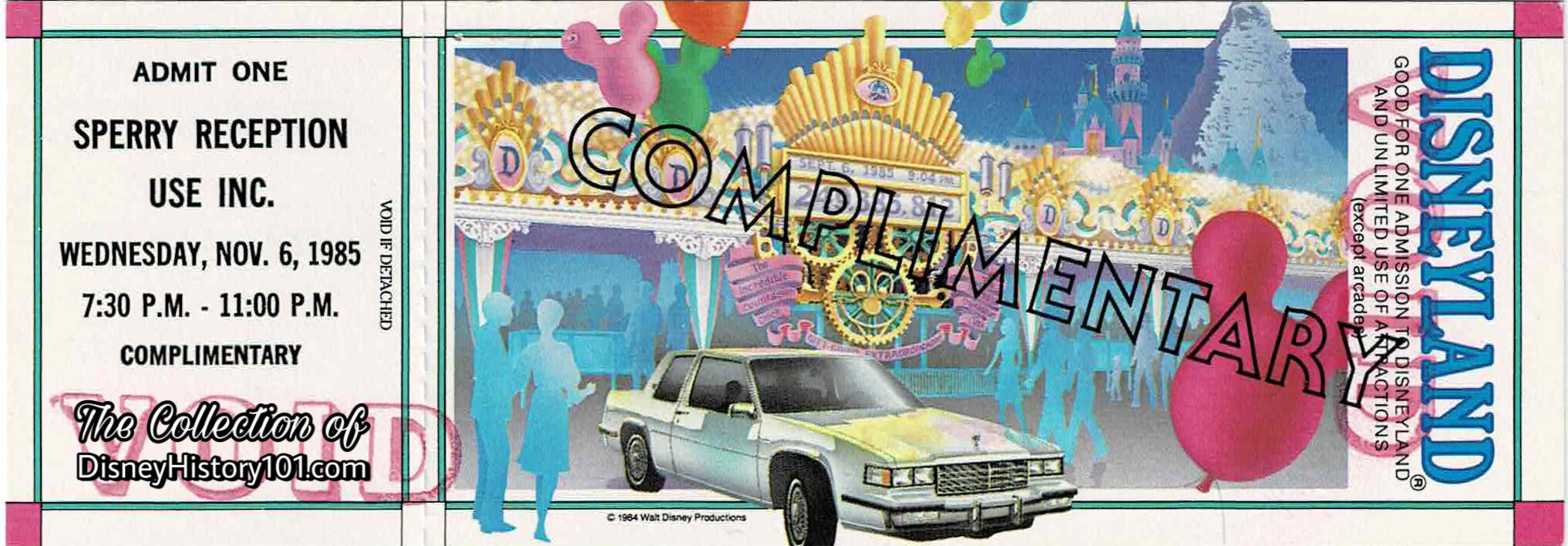
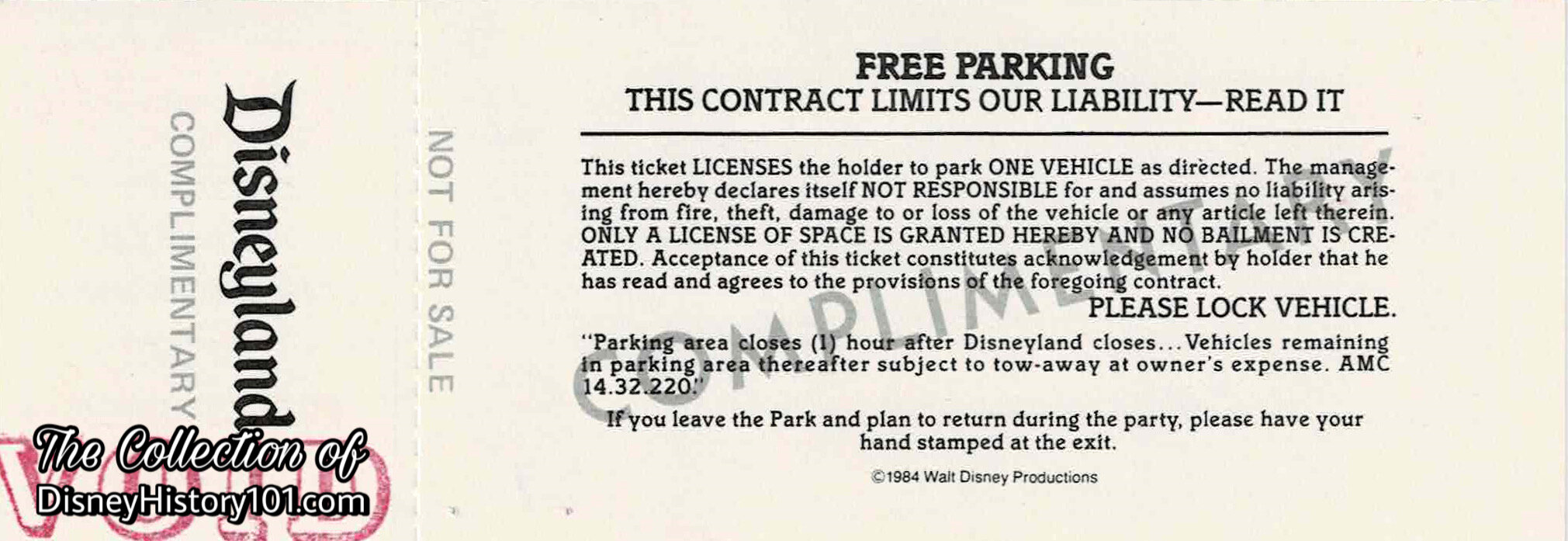
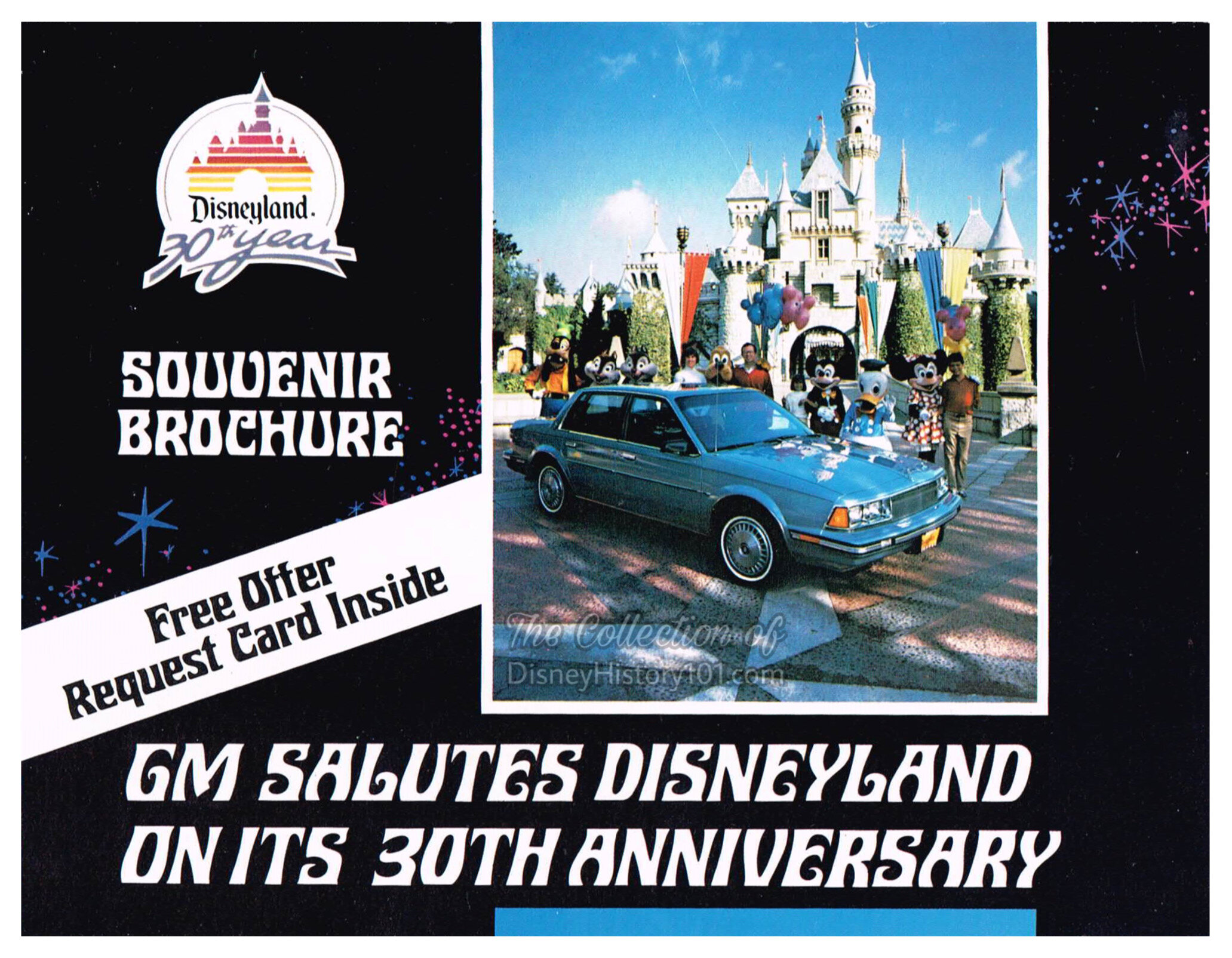
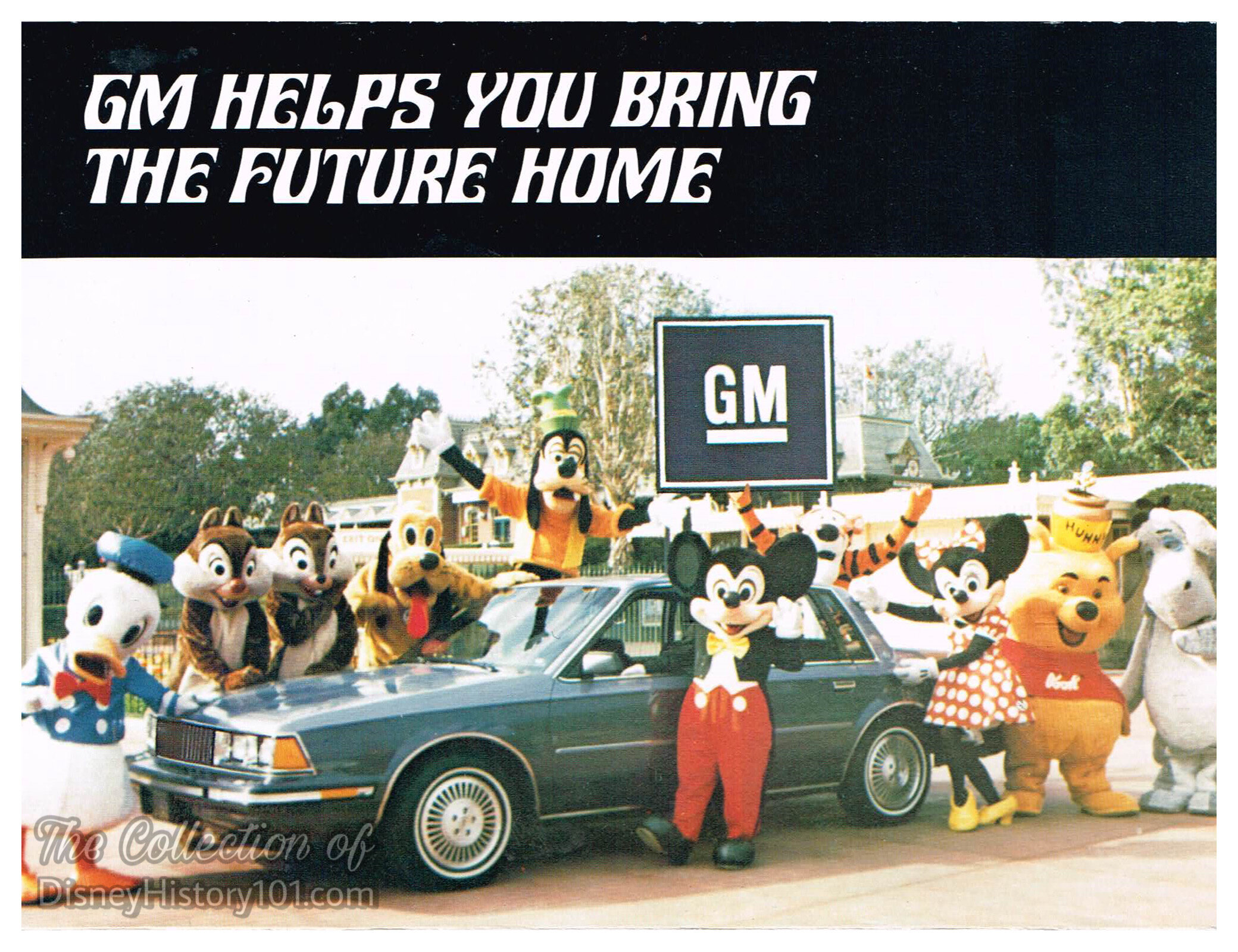
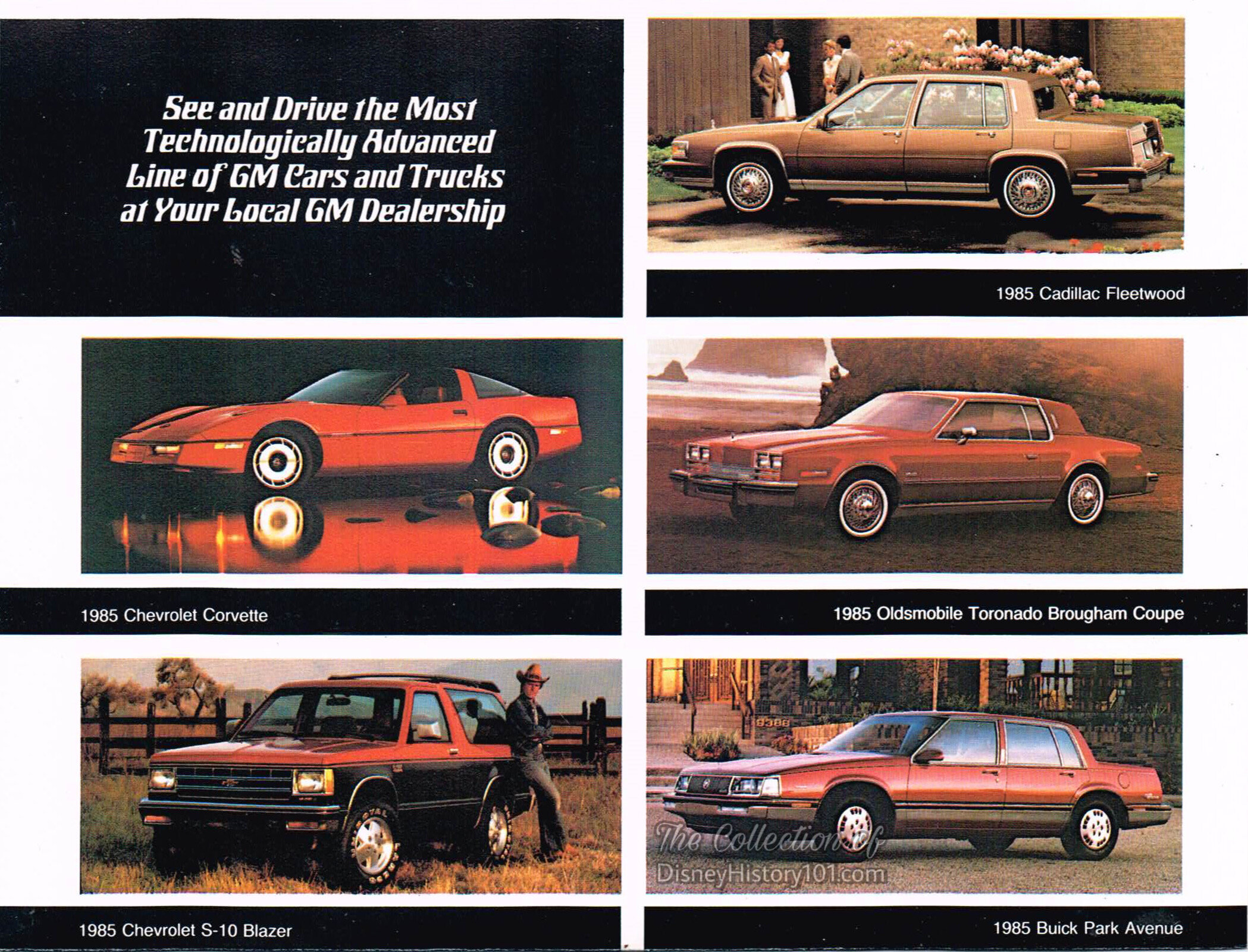
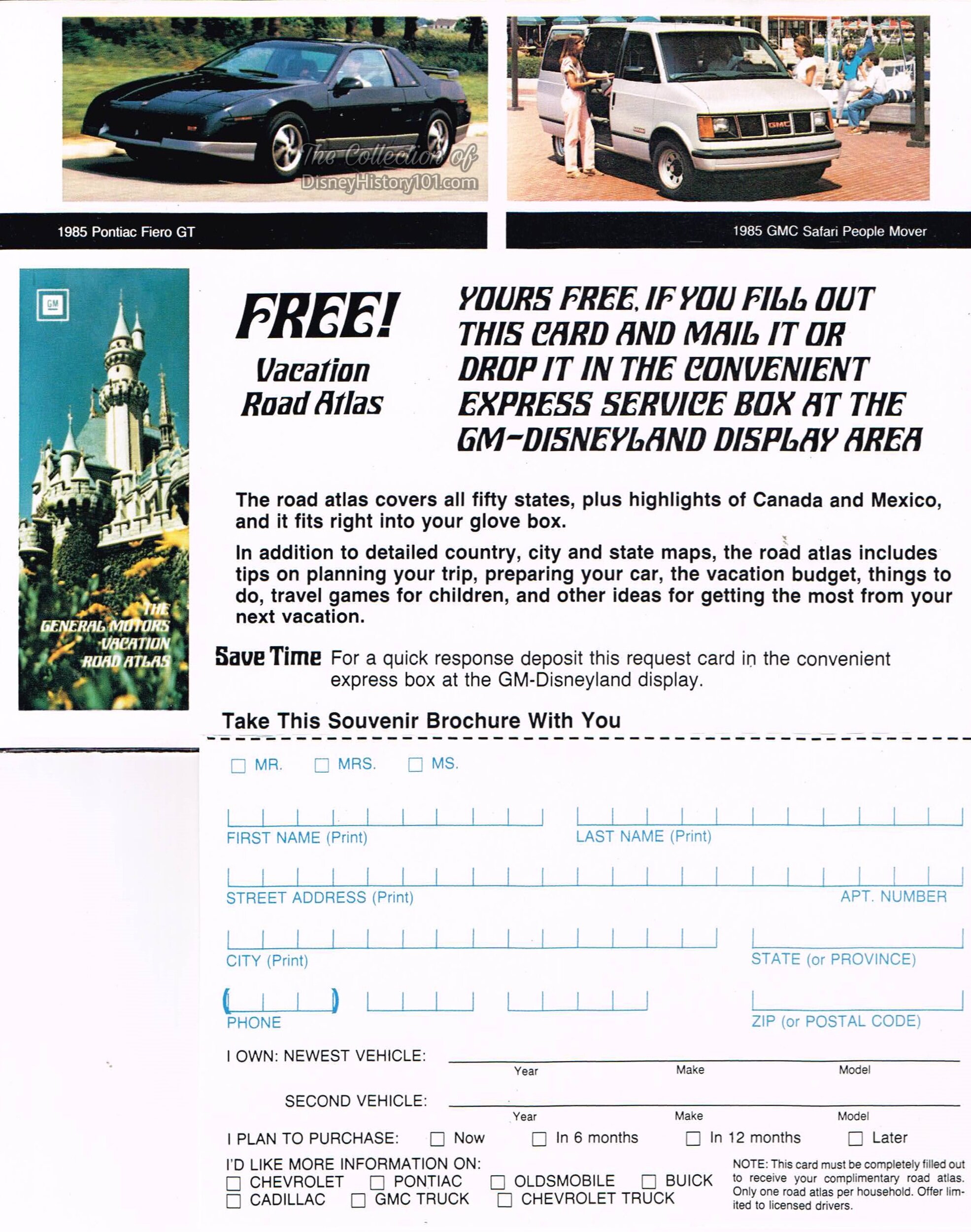
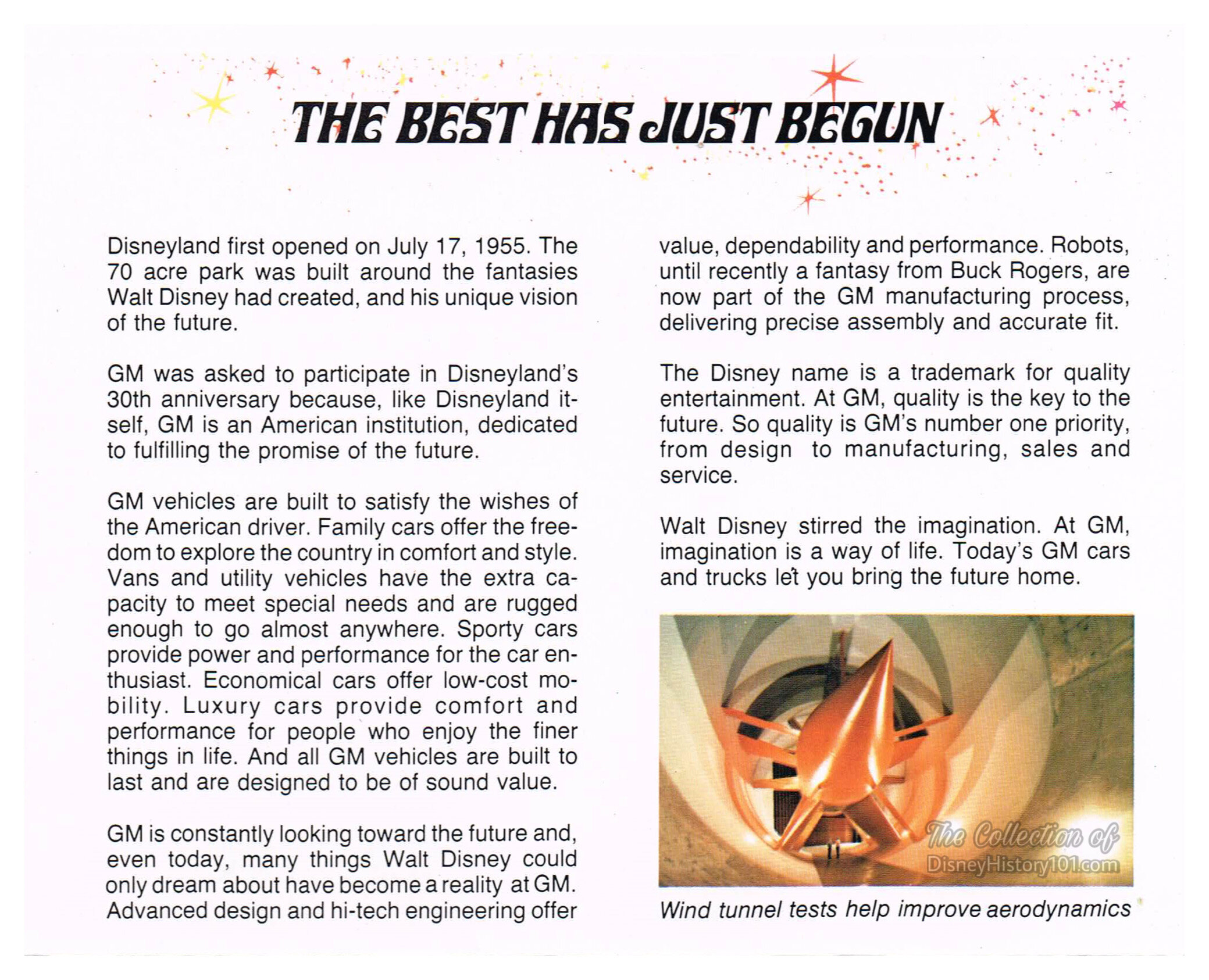


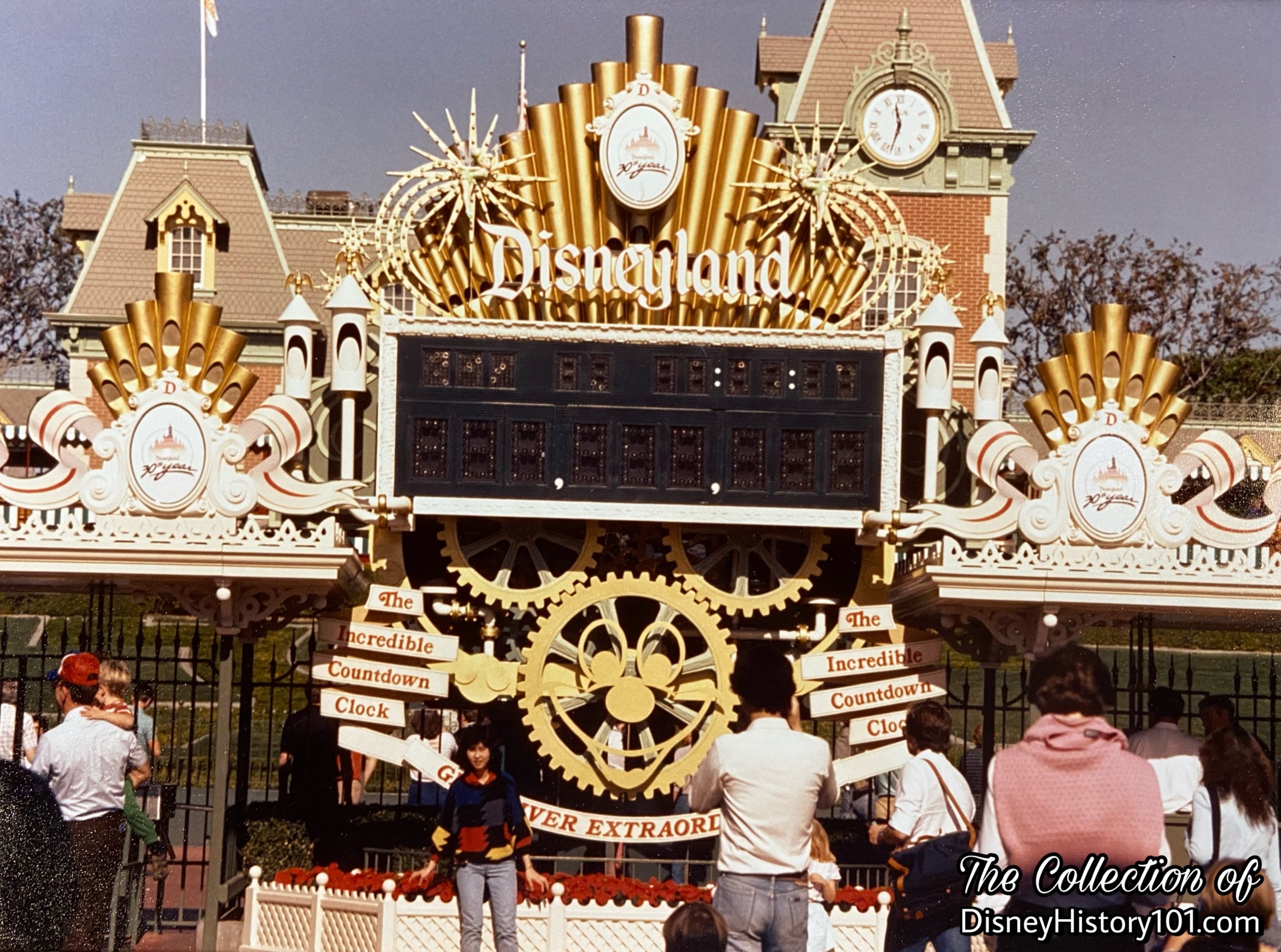
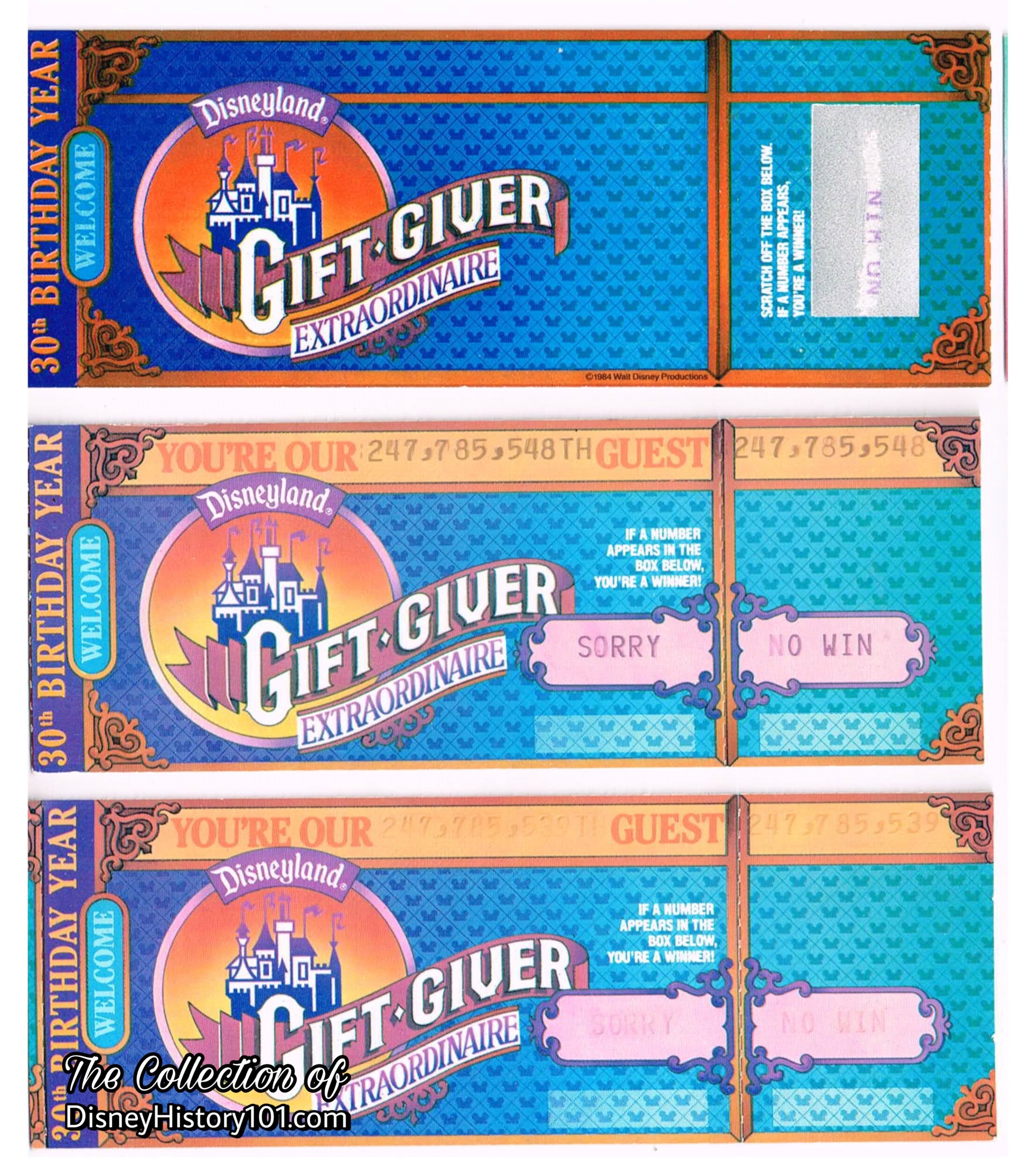
Some Gift-Giver Extraordinaire tickets had the chronological number of the Disneyland guest printed on the front, while others did not.
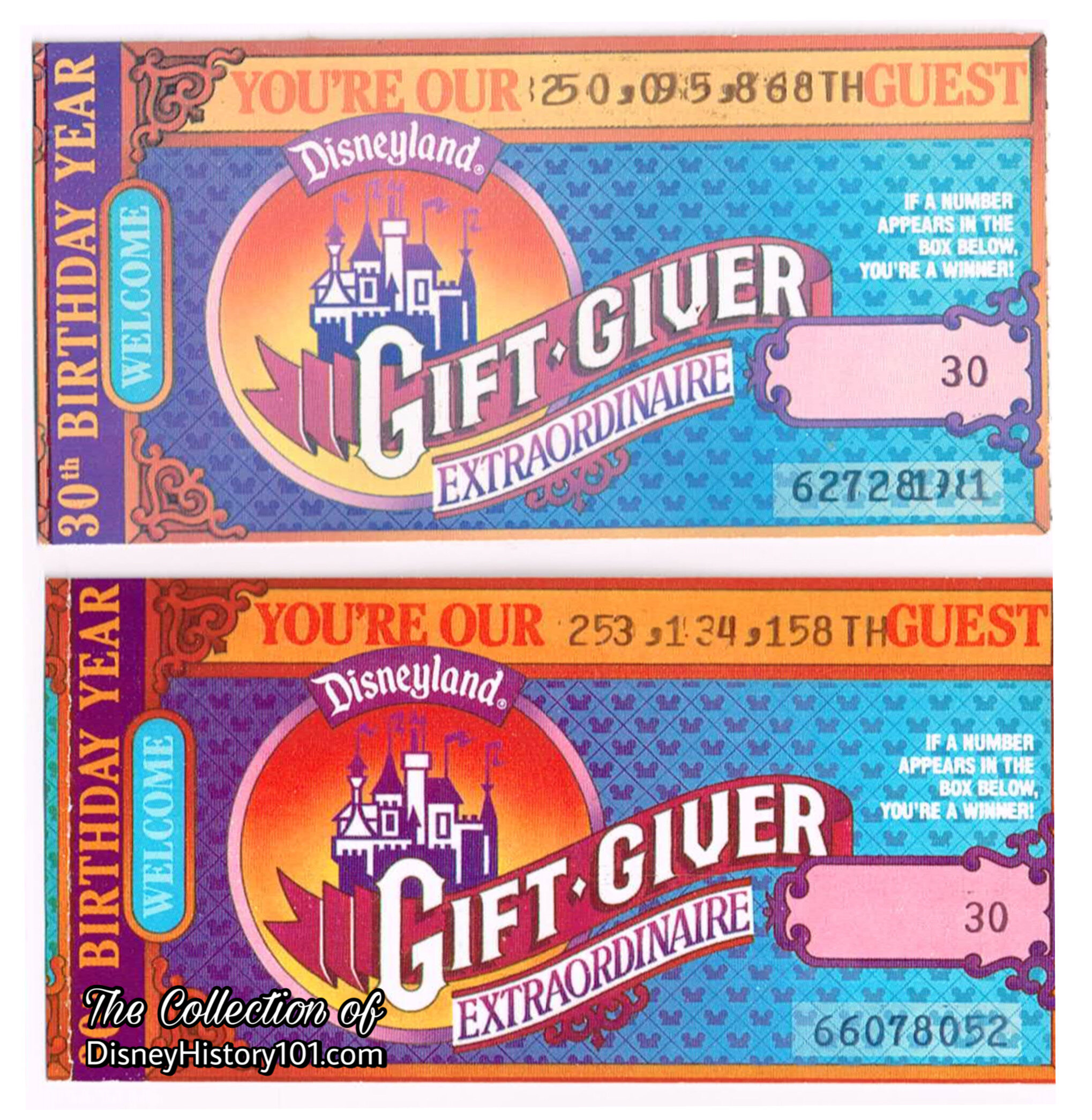
These tickets are stamped with a “30” indicating that the holder has won a Disneyland Unlimited Use Passport.
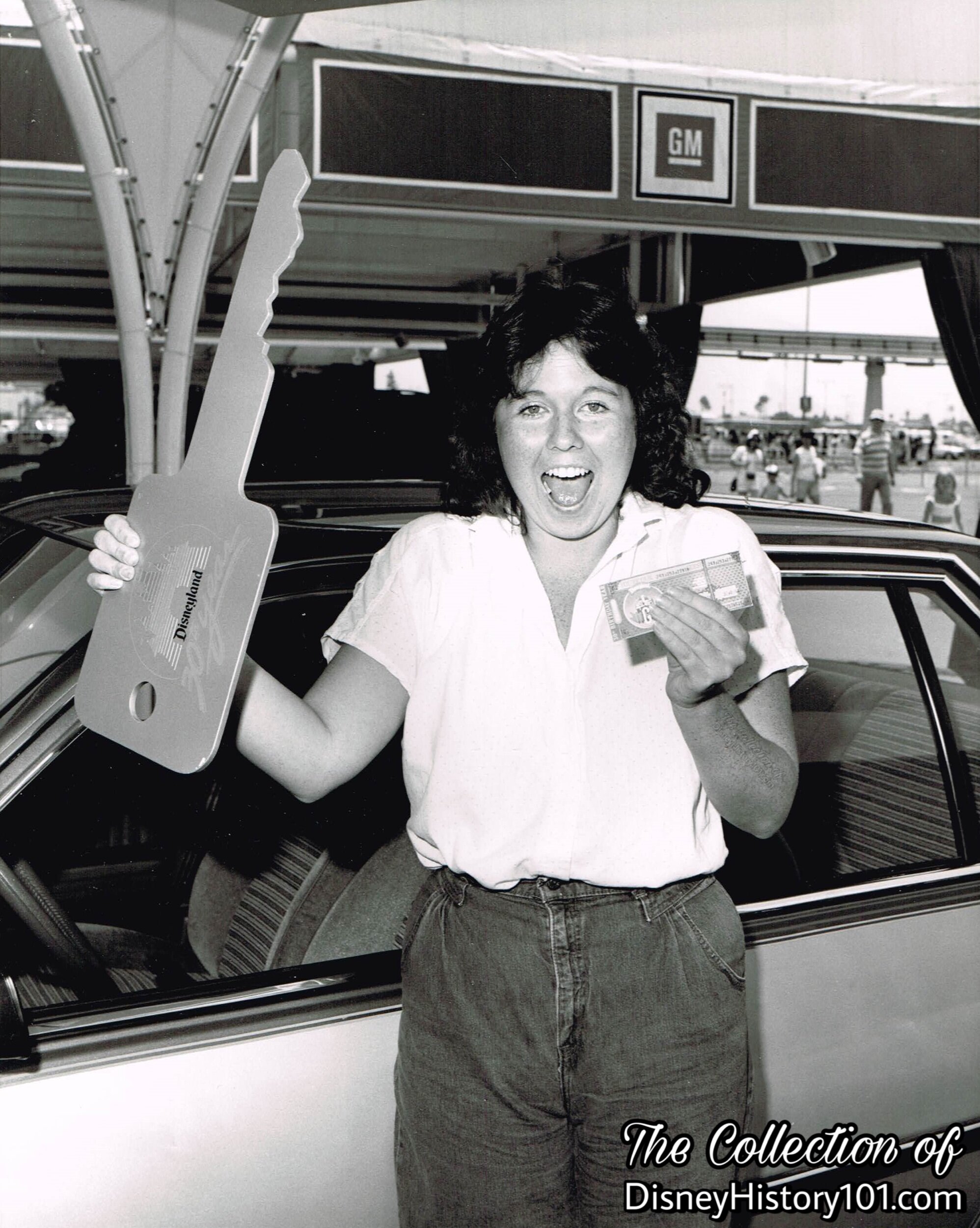
According to Dave Smith (previous Chief Archivist Emeritus of Walt Disney Archives), “photos are not usually available of individual Disneyland contest winners.” [Disney Facts Revealed by Dave Smith, 2016] For the first few decades of operation, this certainly proved to have been the case. Pictured above, another guest (of Disneyland’s 30th year) displays her winning ticket and a giant key used to redeem her prize! Numerous other guests won the Grand Prize. Some of these winners were featured in publication, while a master list of winners could be acquired within a few weeks of the contest’s end.
Other winners included Michael Stone and Donna Boronda. Tamia Richardson from Edington, Alberta, Canada returned won free passes and returned 30 years later (in 2019) to bring her family to Disneyland.
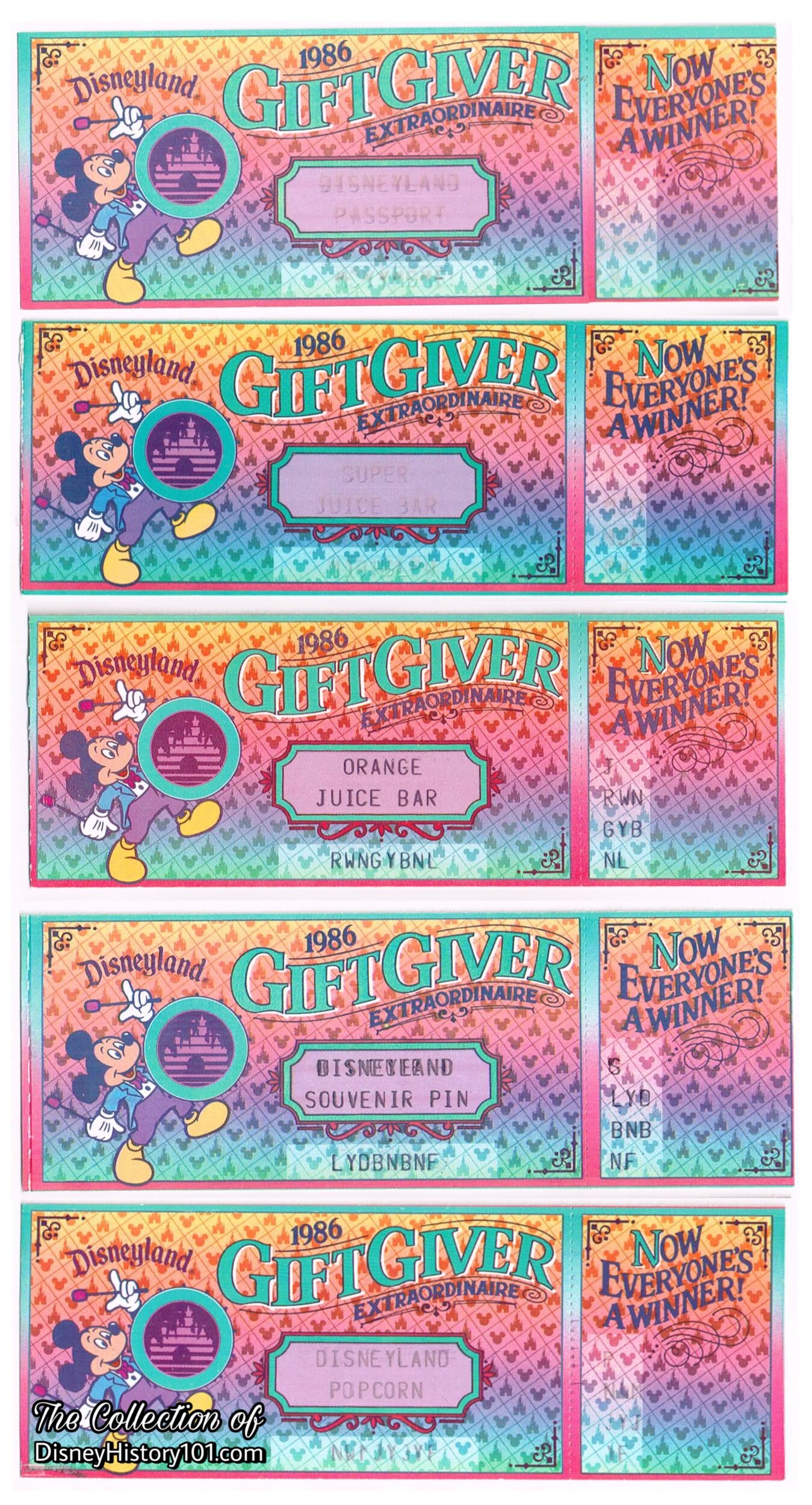
“It Looks Like We Started Something”
The Gift Giver Extraordinaire - “the greatest gift giveaway ever” - was so popular that it returned for a second year - 1986! According to Bob McTyre, this year’s marketing strategy is “for long-term events, ones that will allow time for interest to build and spread, thus attracting more guests during traditionally slow periods”. Now, the theme of the Gift Giver Extraordinaire contest is : “Everyone Wins Every Day”, with prizes ranging from “free popcorn and juice bars to RCA 25” TVs and Pontiac Firebirds”, according to Disney Newsreel (published February 21, 1986).
•1986 Pontiac Sunbird LE (1 in 30,000) - Through the Main Entrance, the Pontiac Firebird Showcase featured the brand new Pontiac Firebird - “the official car of Disneyland ‘86”!
•1 PSA Round Trip Airline Ticket
•1 Disney Home Video Cassette (from available stock)
•1 RCA Color TV
•1 Kodak Camera
•1 Lorus Mickey Mouse Watch
•Unlimited Use Passports
•Disneyland Collectable Pins
•Popcorn
•Super Juice Bars
Prizes were redeemable from the Prize Redemption Center near the exit of the “Great Moments With Mr. Lincoln” attraction or the participating food locations!
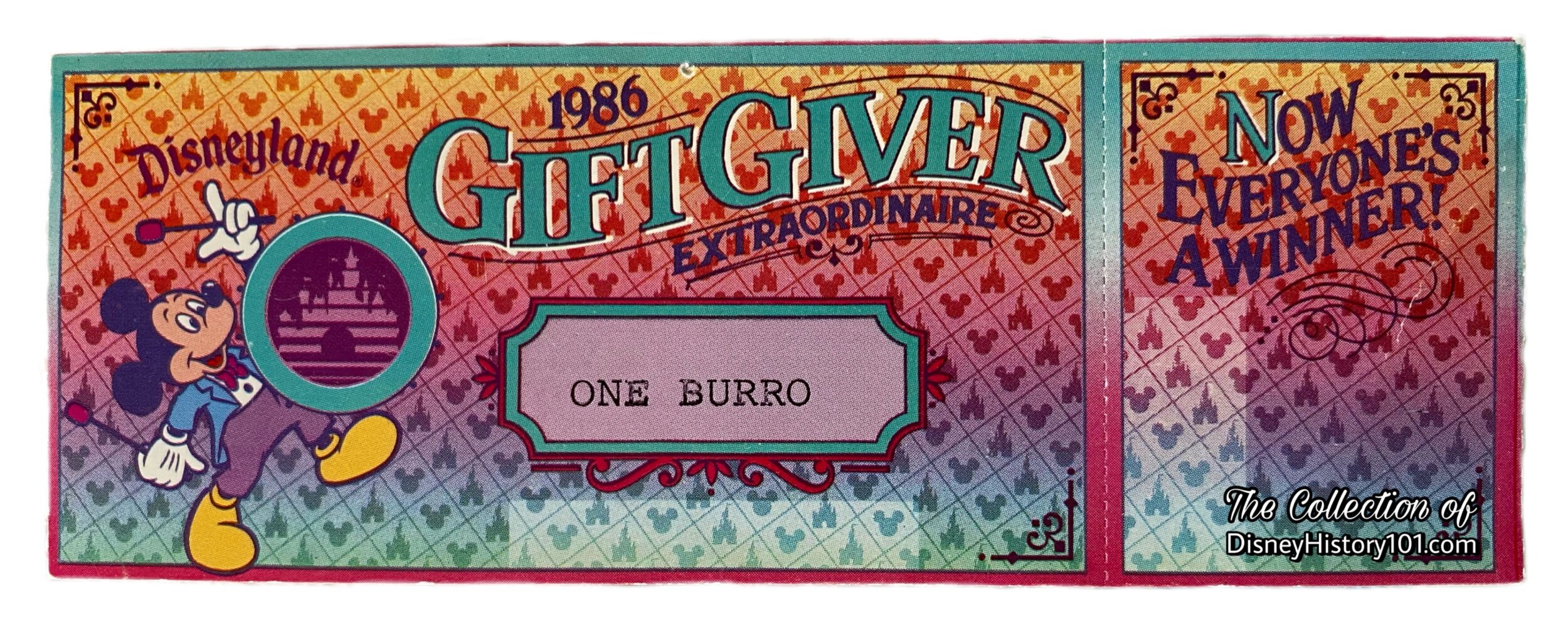
Winners were only responsible for paying any federal, state, or local taxes that would apply. Guests visited Great Moments with Mr. Lincoln, and before exiting, validated winning tickets at the Prize Redemption Center! Sadly, no burros were ever actually awarded among the more-than 400,000 prizes given away.
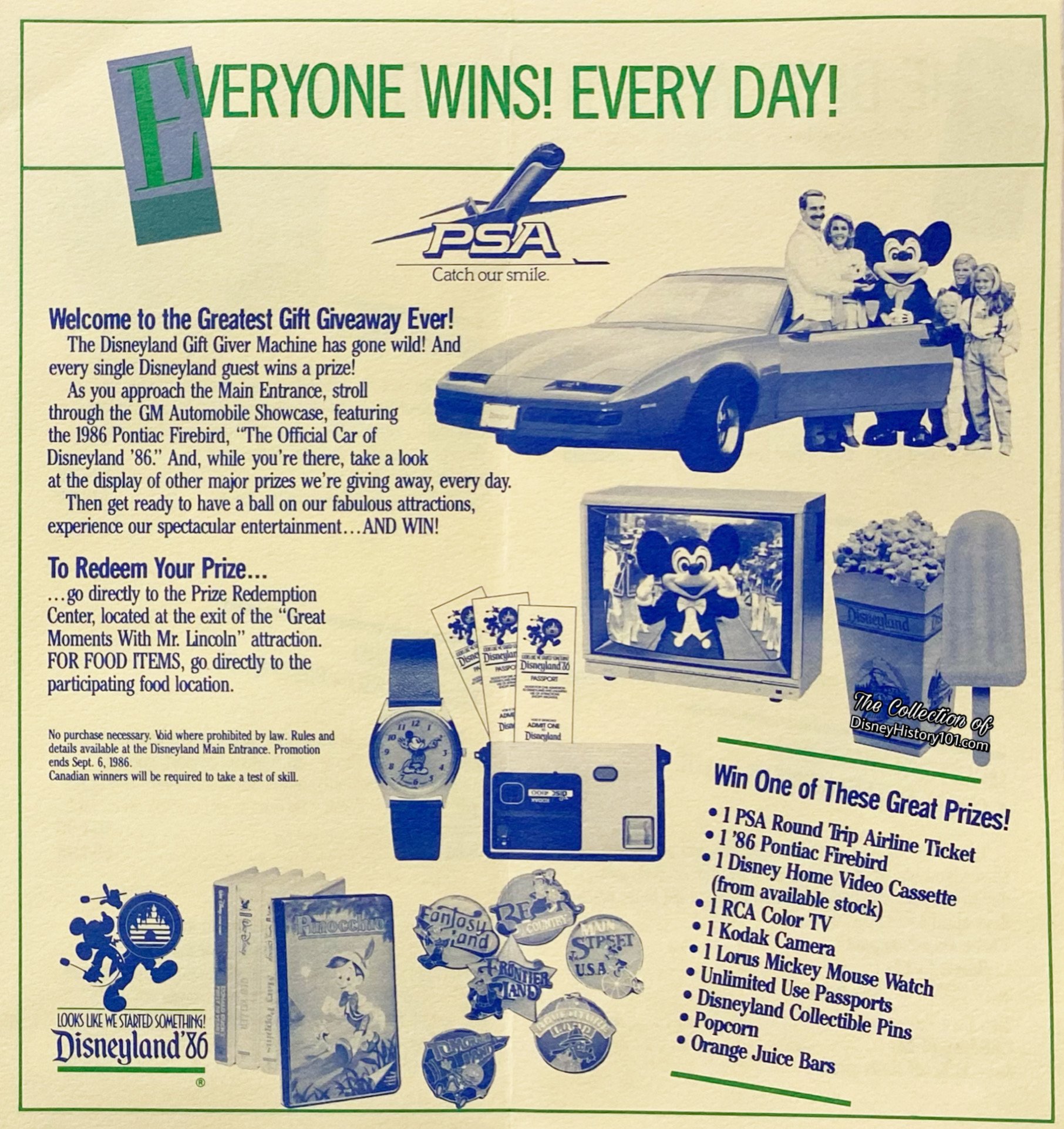
“Looks Like We Started Something”
The prize giveaway concept was so popular that it continued the following year.
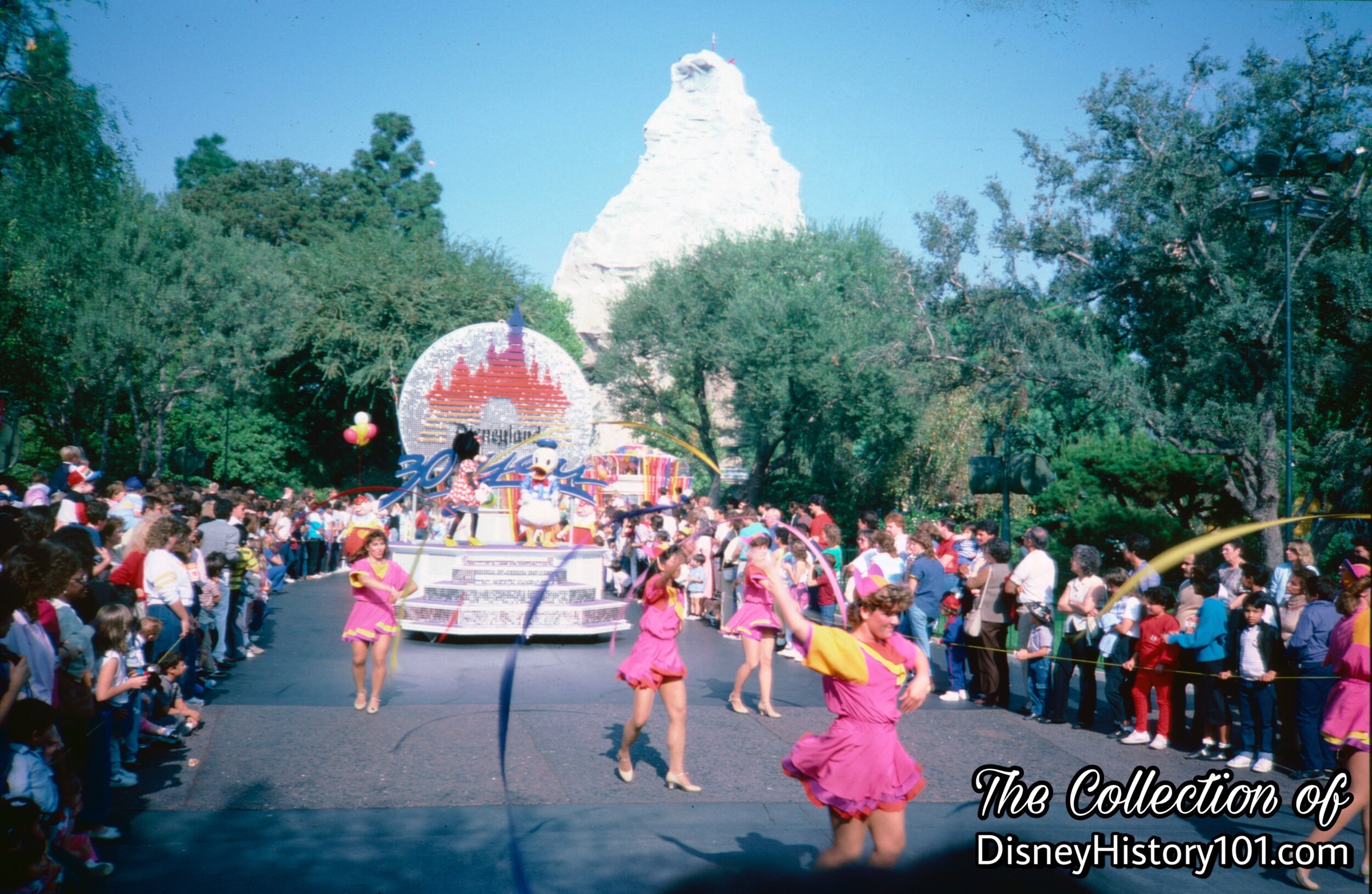
“Thirty Years of Magic and we’ve only just begun!” Ribbon dancers make their way down the parade route, heralding the beginning of the parade, and the approach of the Opening Float! Yes, “Thirty Years of Magic and the best is yet to come!”
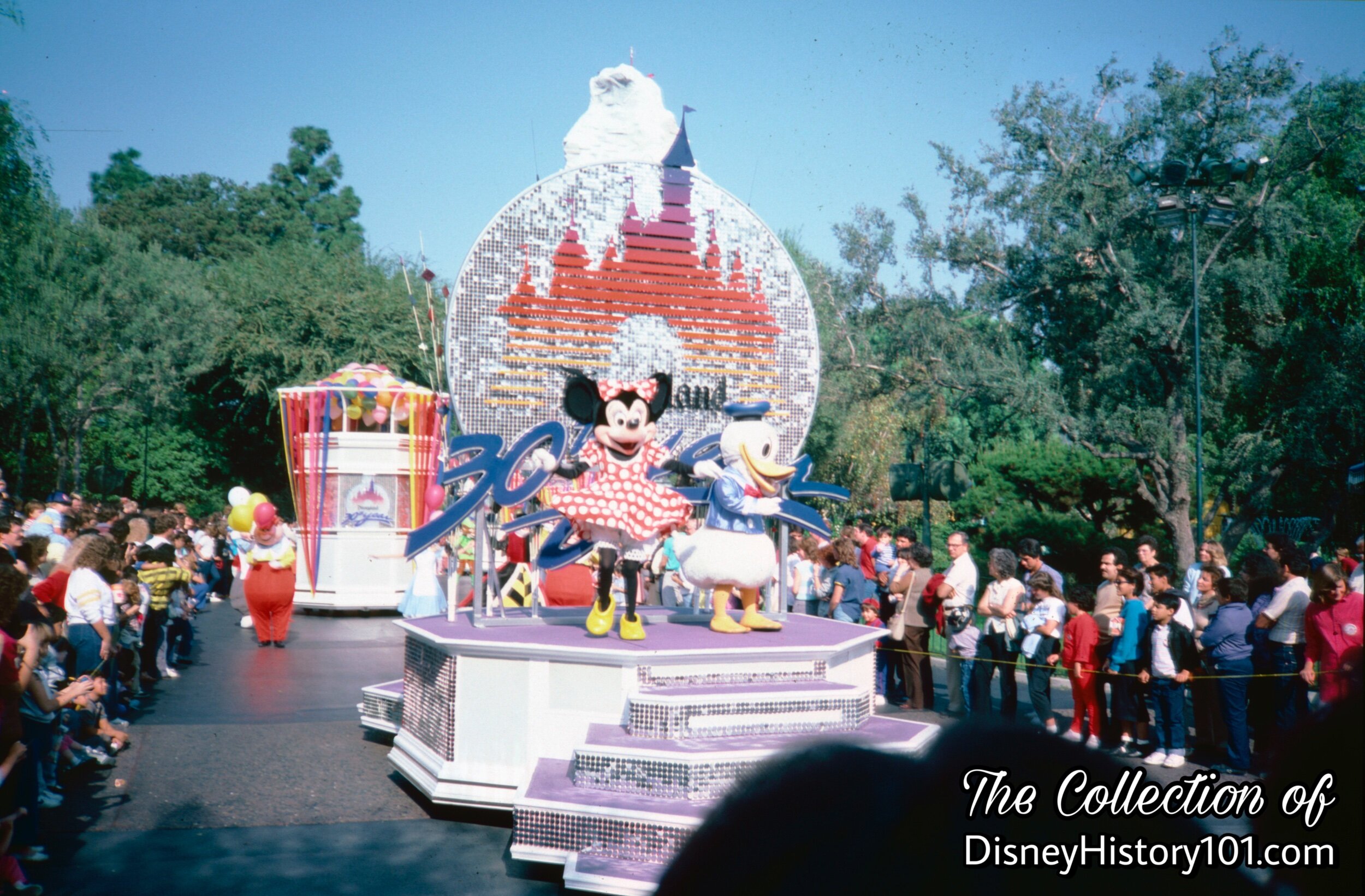
“Thank you, Mickey! Thank you, Donald!” Thank you, Minnie too! “Let’s all give a cheer! The whole world wants to thank you for 30 happy years!”

Many Disneyland Parades had a balloon float which released numerous colorful balloons into the air! Rather than just one big balloon release, these floats were designed to release the colorful balloons periodically as the unit progressed down the parade route.
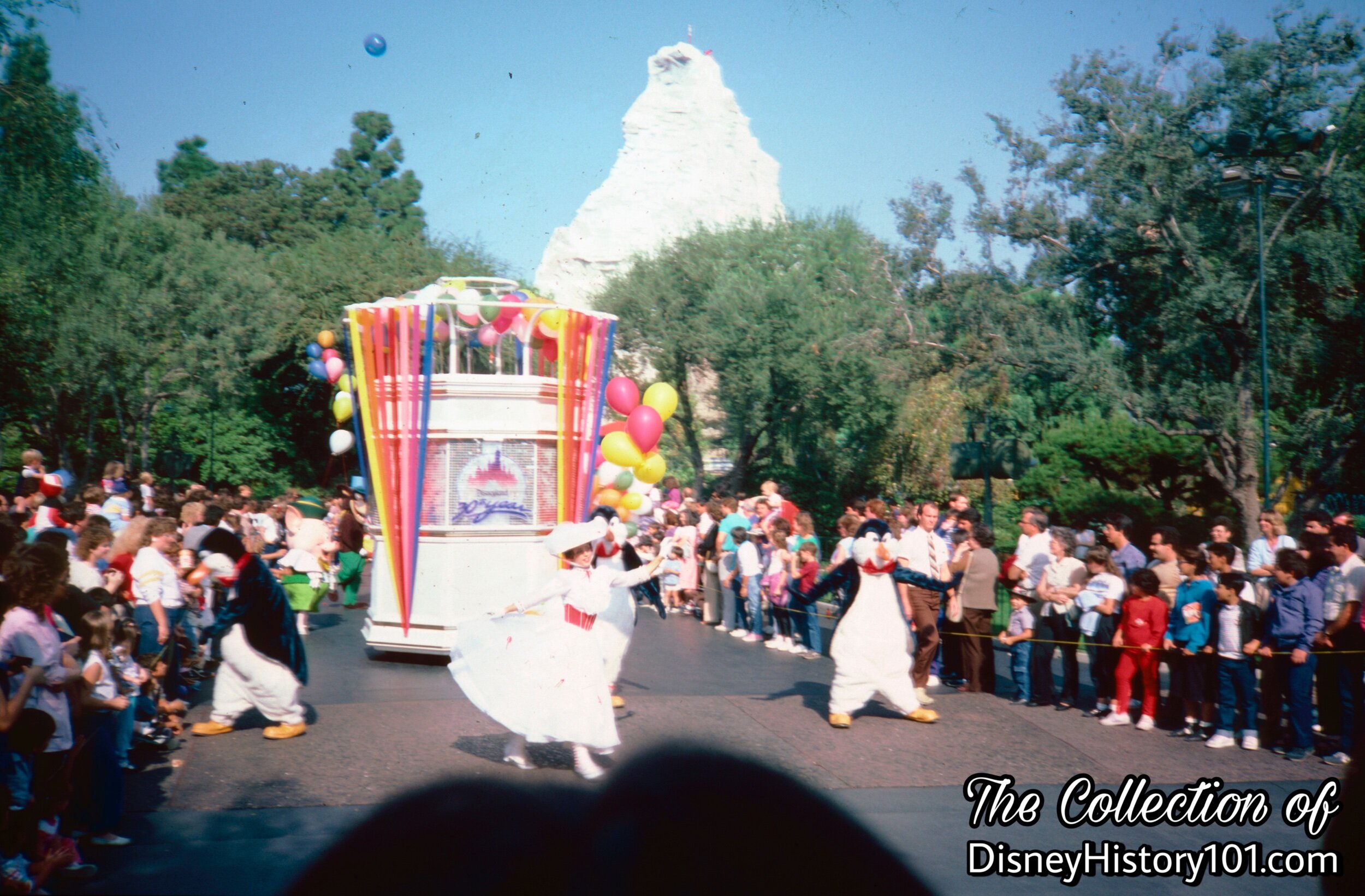
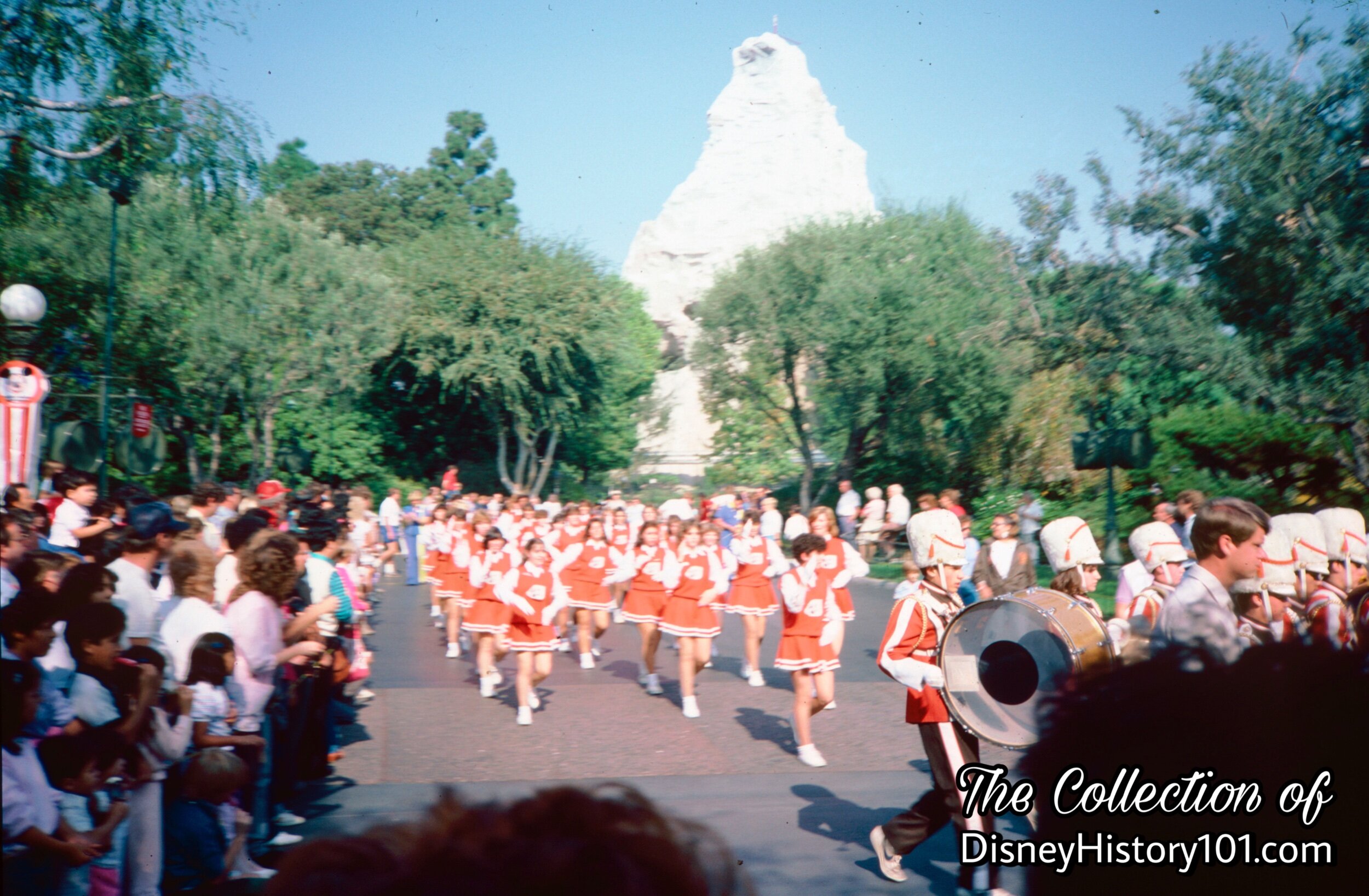
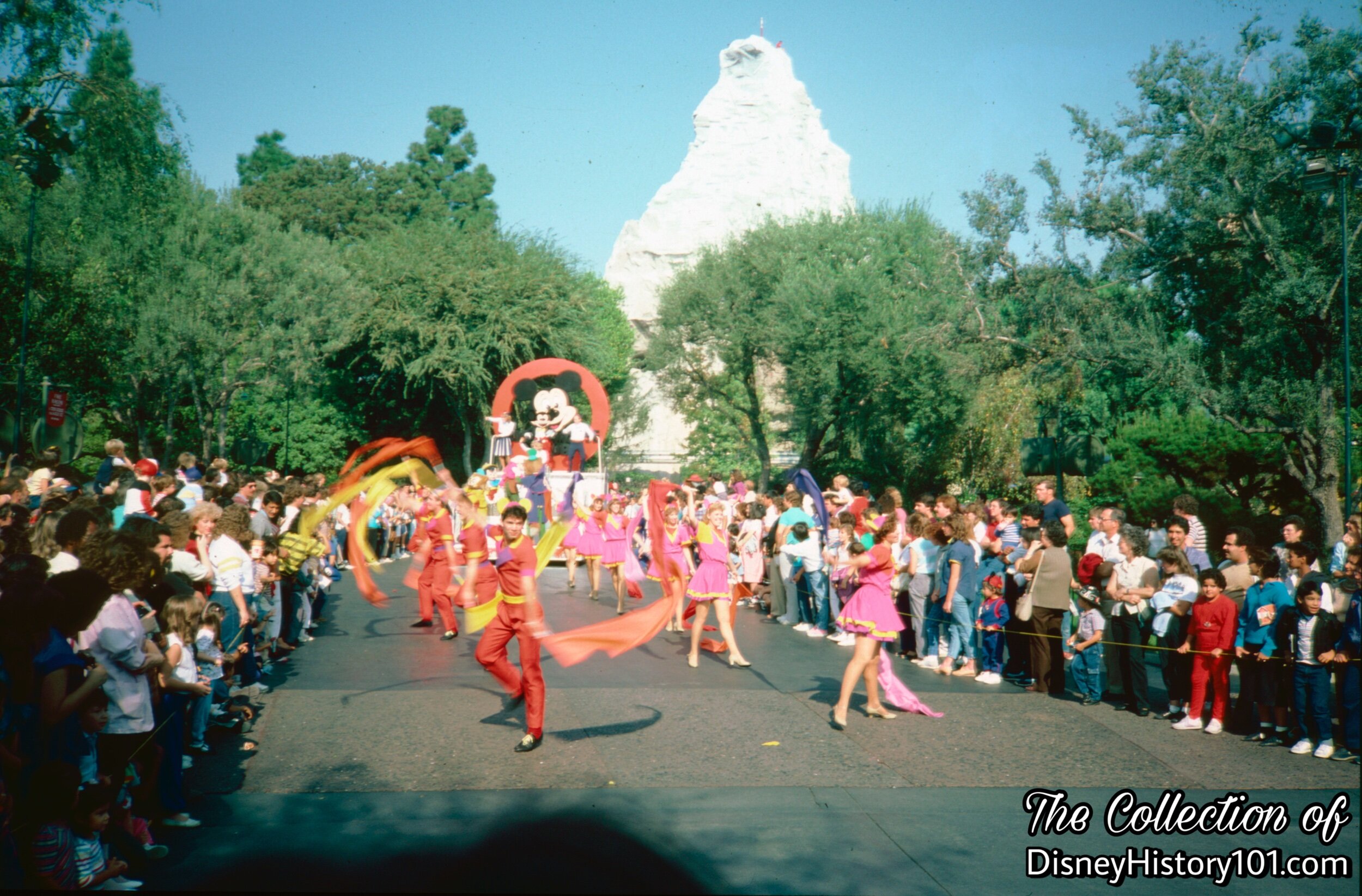
Mouseketeer Days at Disneyland was a month-long event also referred to as Mickey Mouse Club Month! Souvenir buttons featuring Bobby Burgess and Sherry (and the slogan “Disneyland ‘86, On Tour” were given to guests of Mouseketeer Days, at Disneyland!
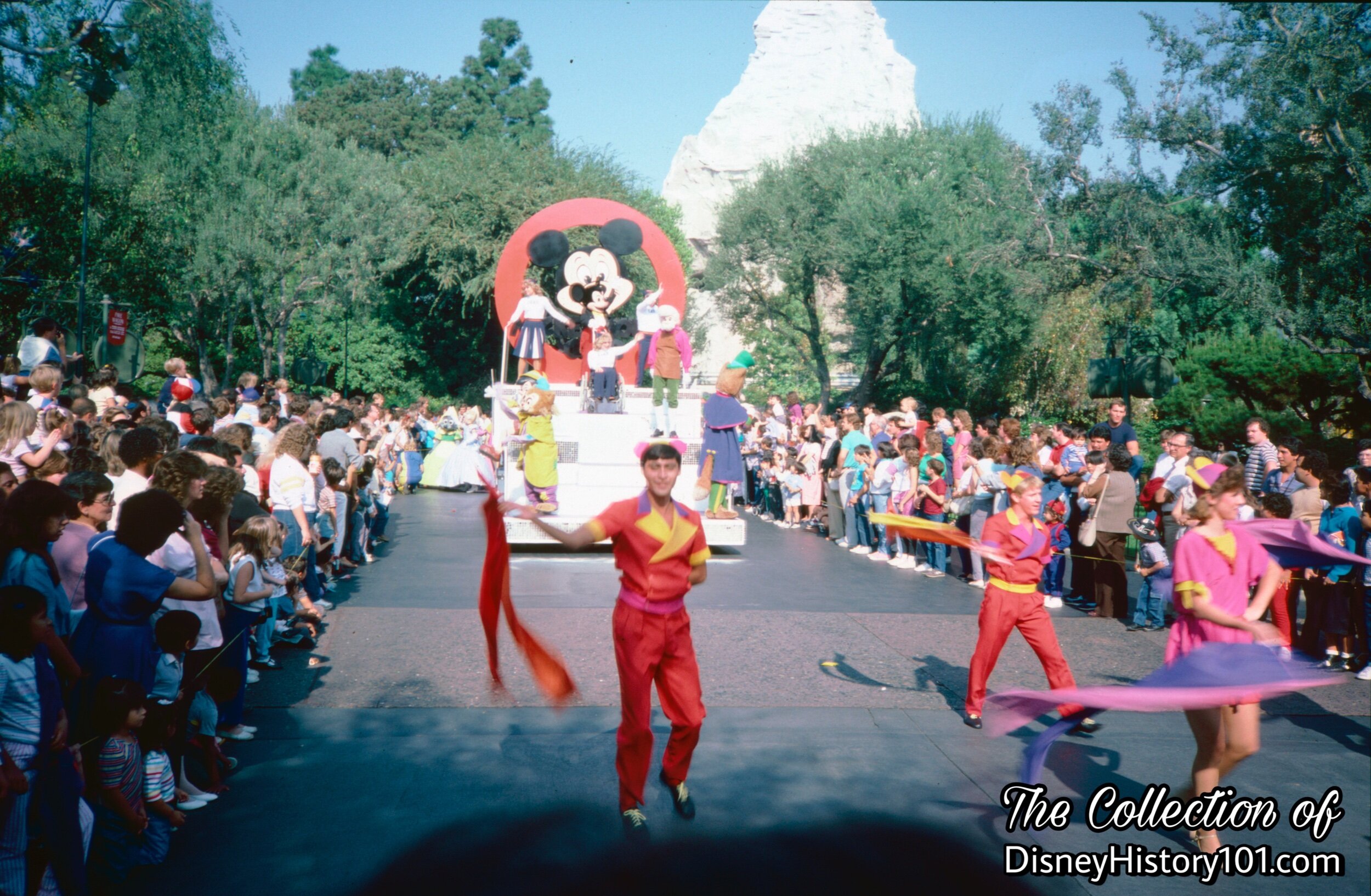

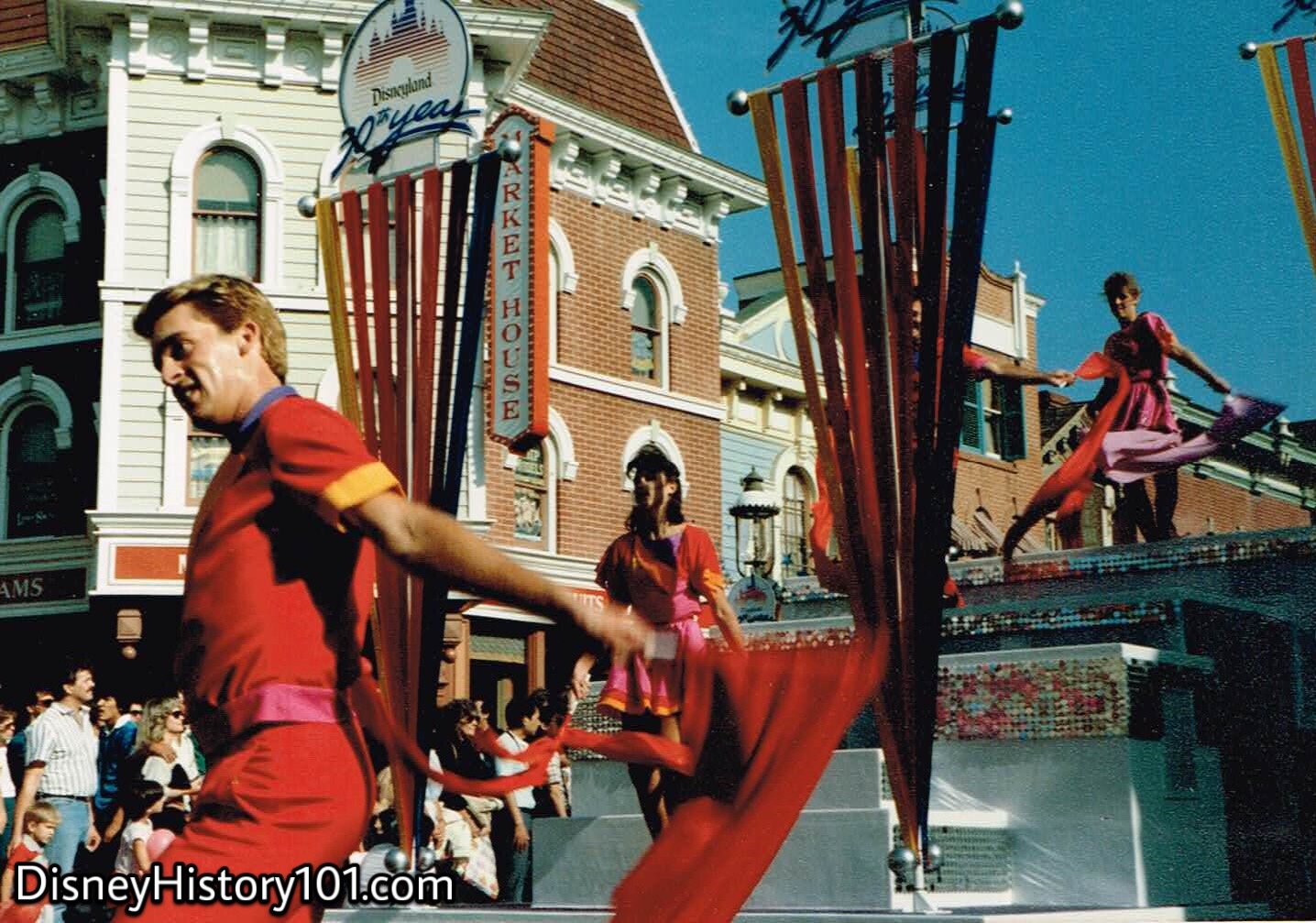
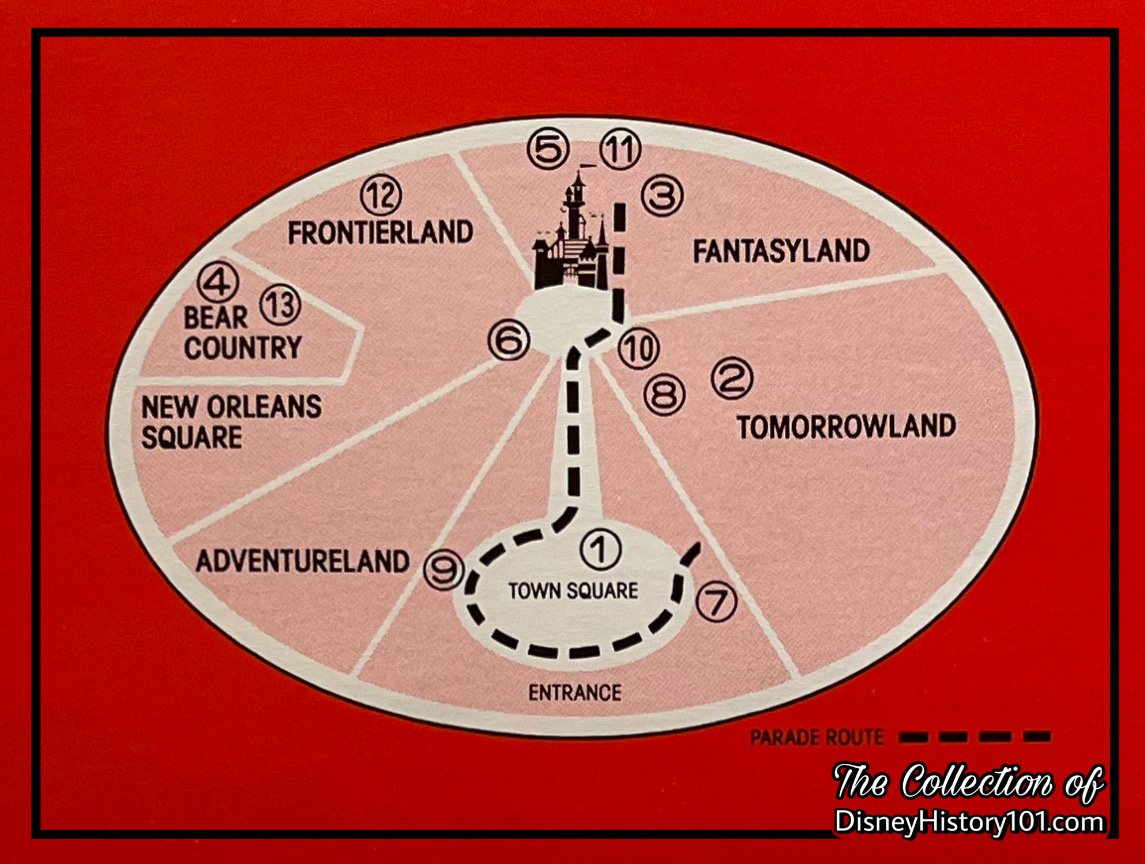
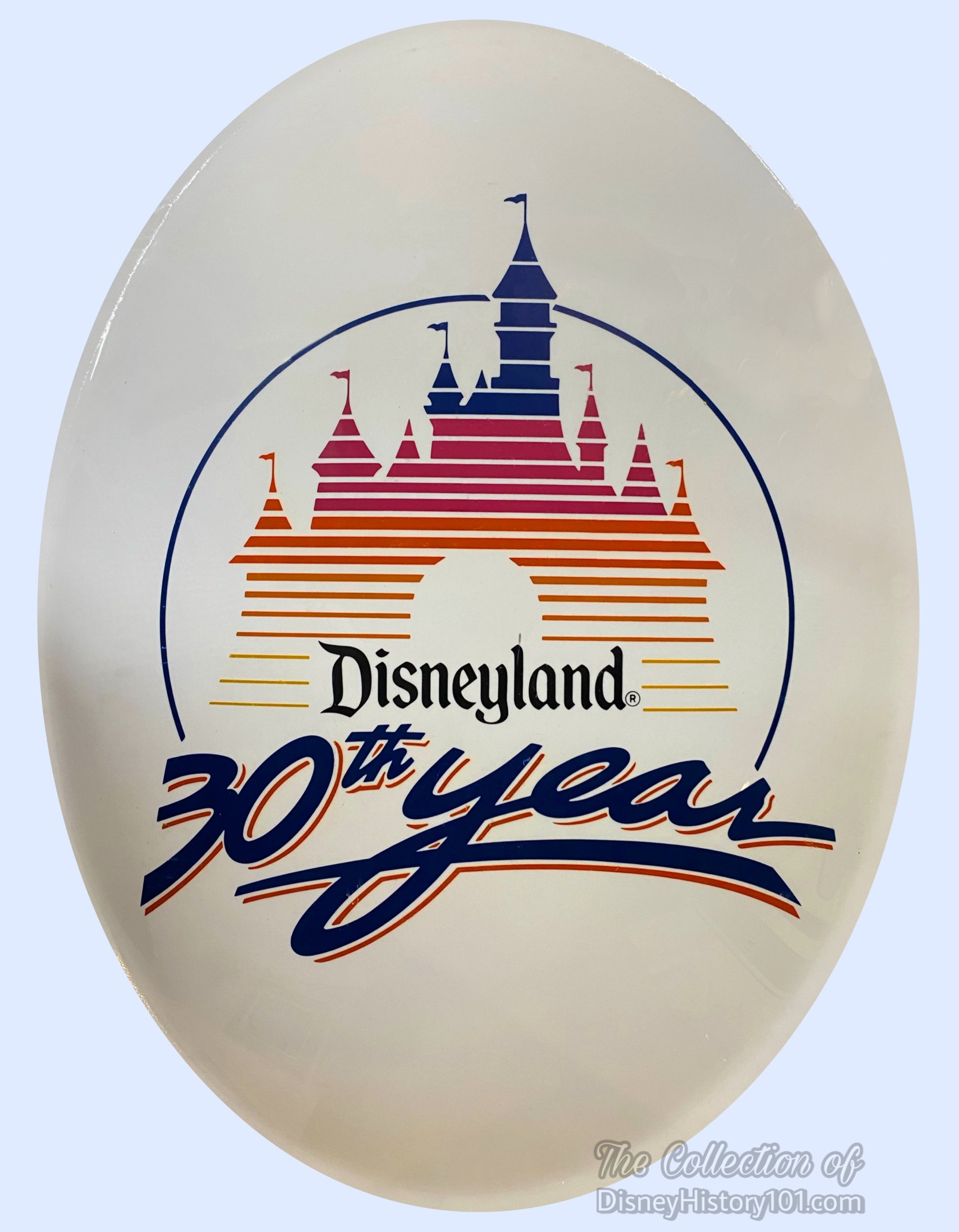
The shields were made by staff shops - the department and group of departments that specialized in the fabrication of ornamental decoration (fiberglass, wood, plaster, metal).
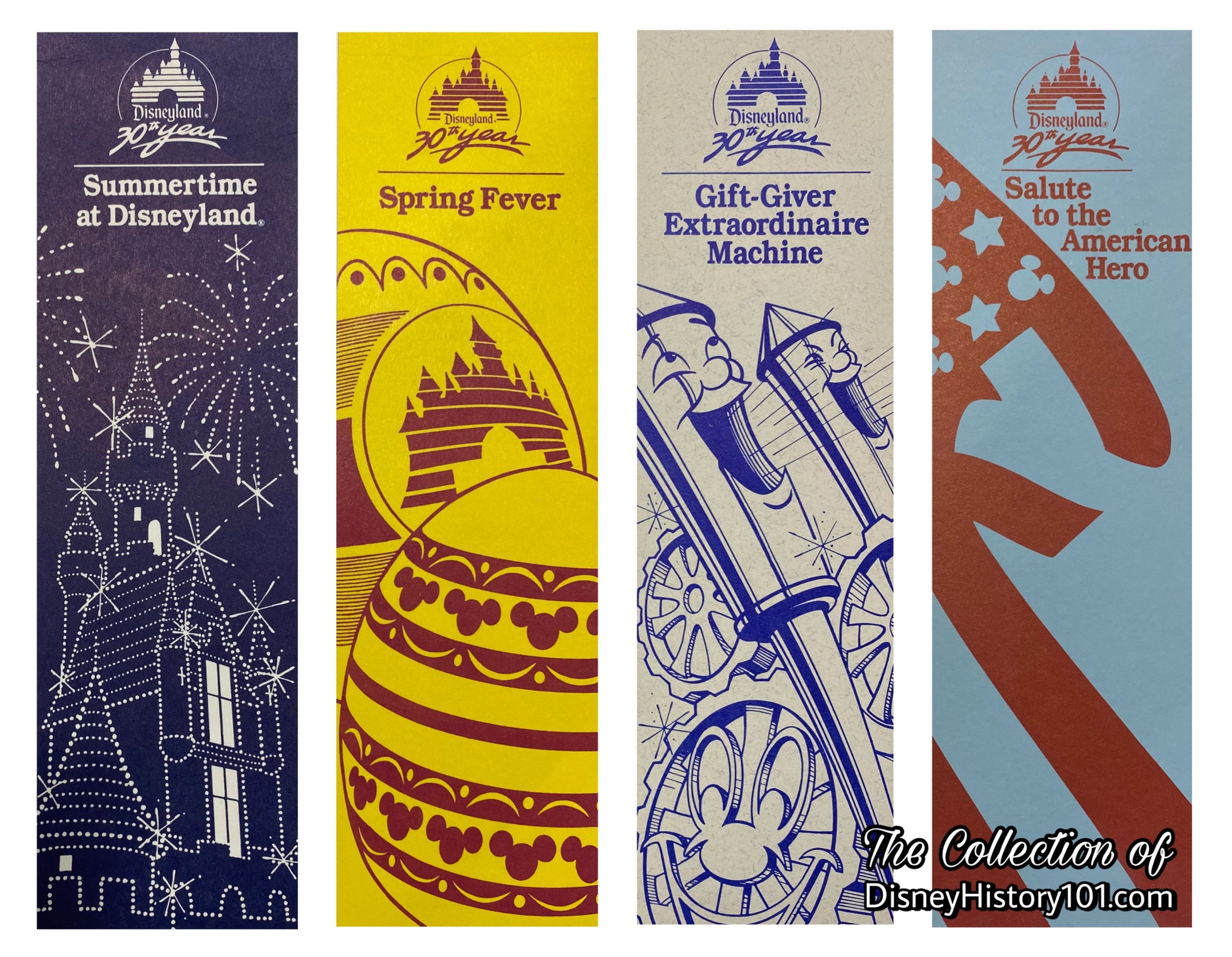
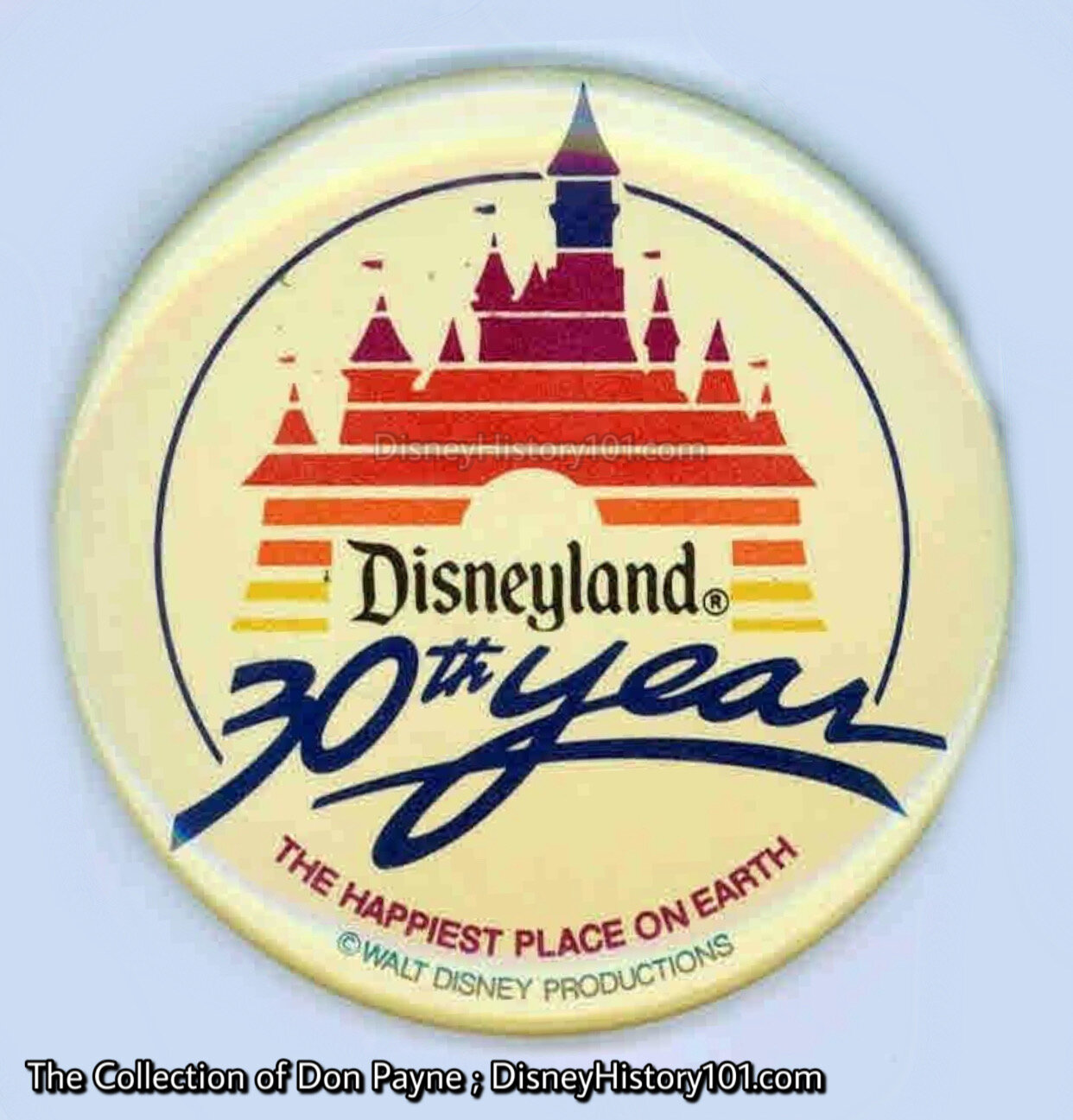
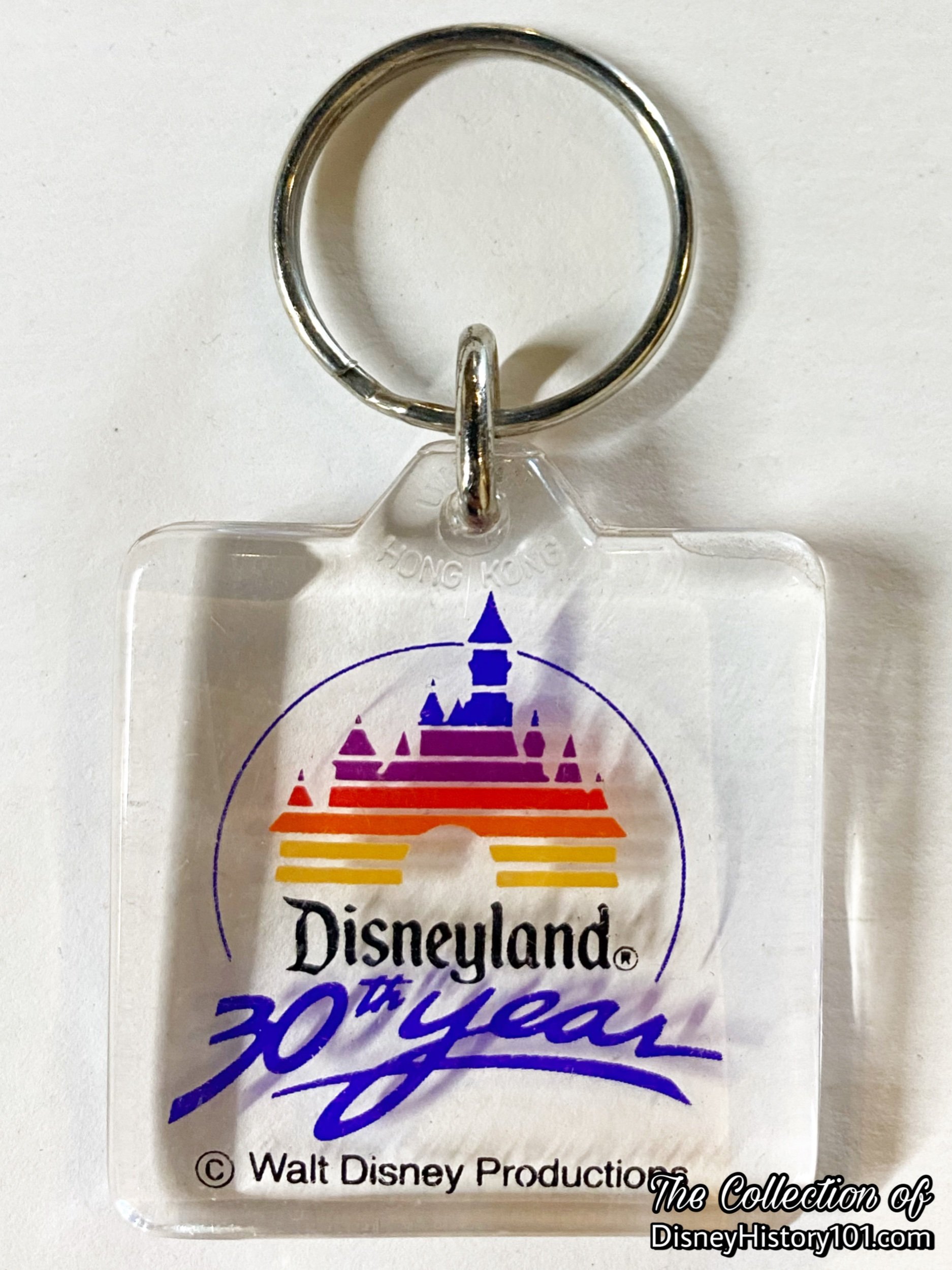
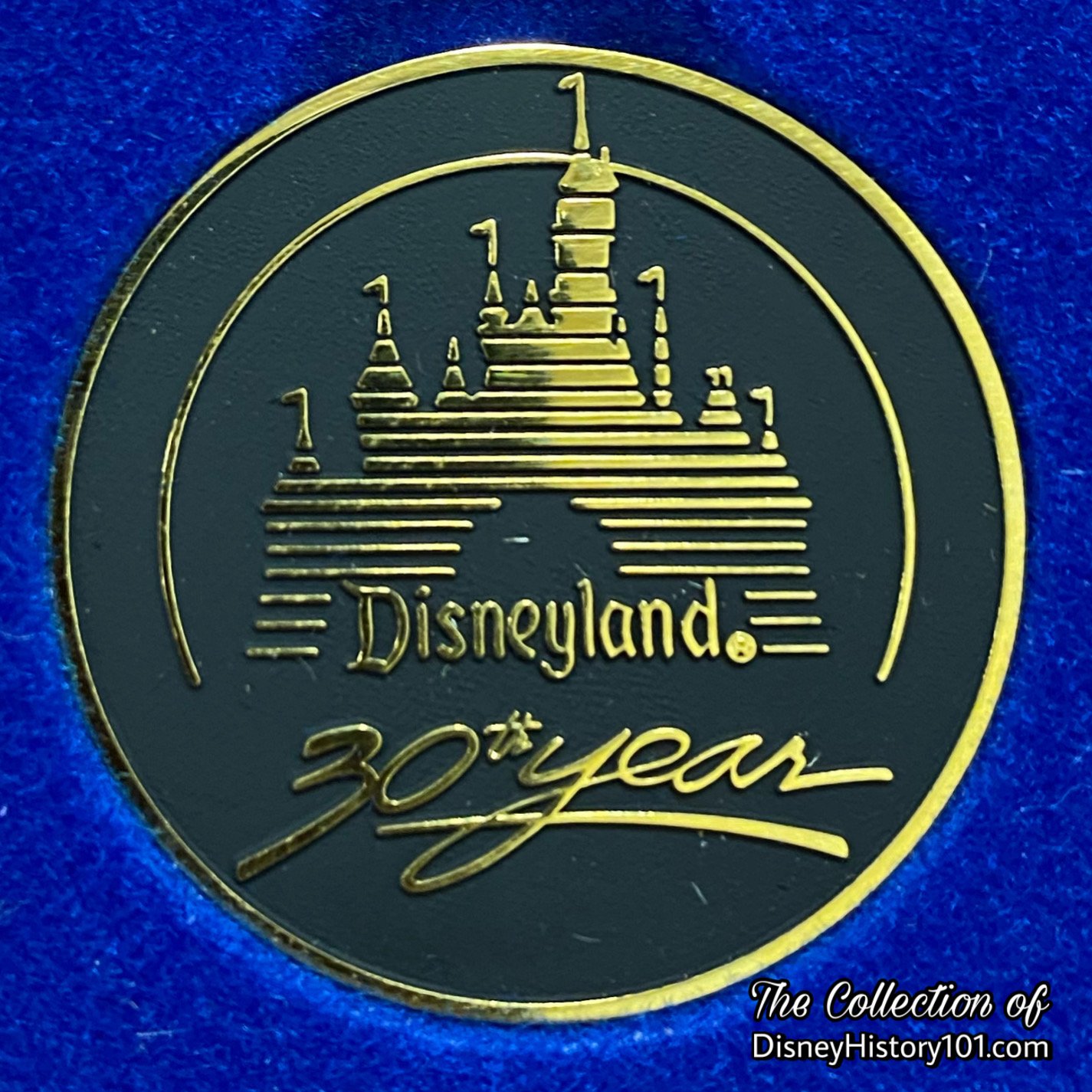
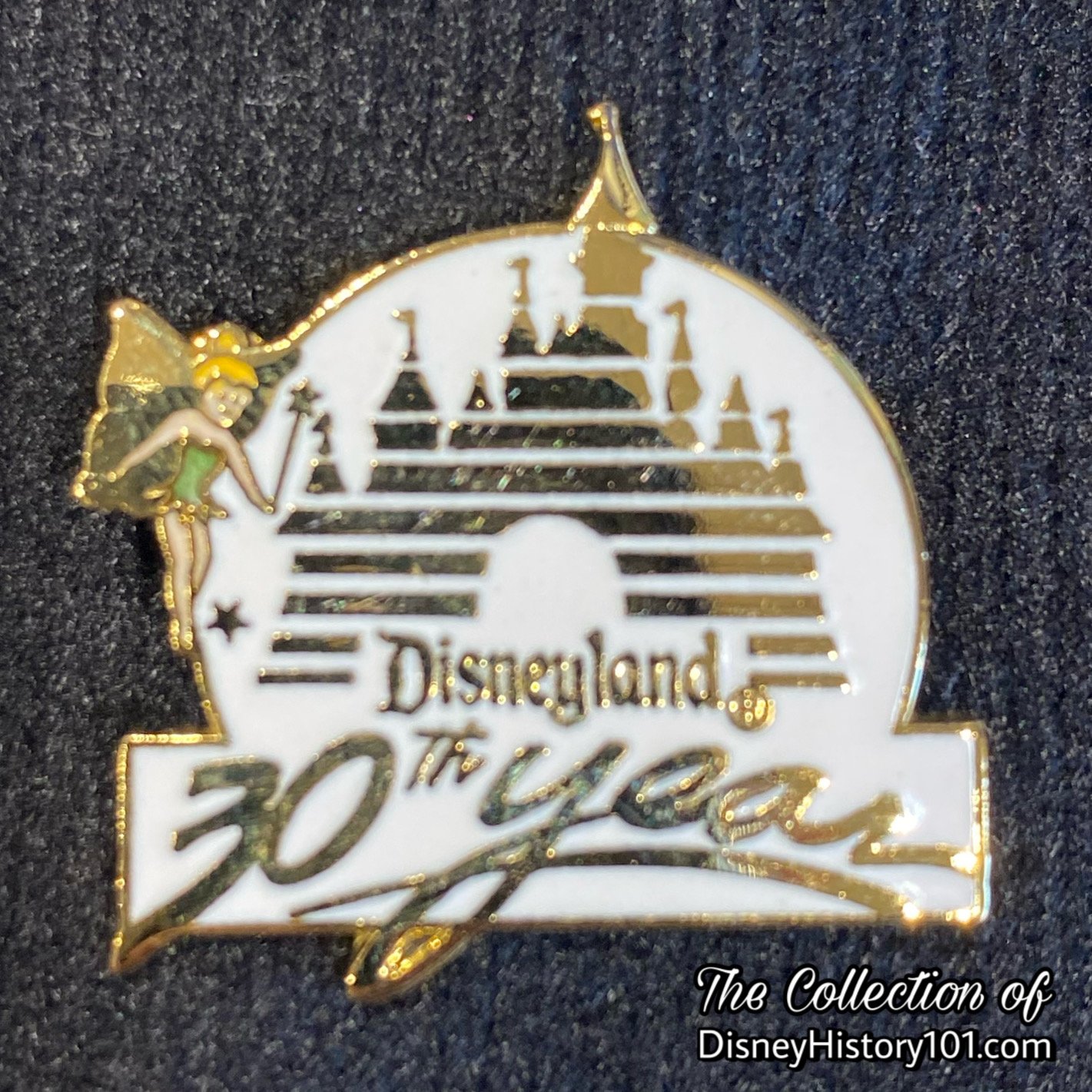
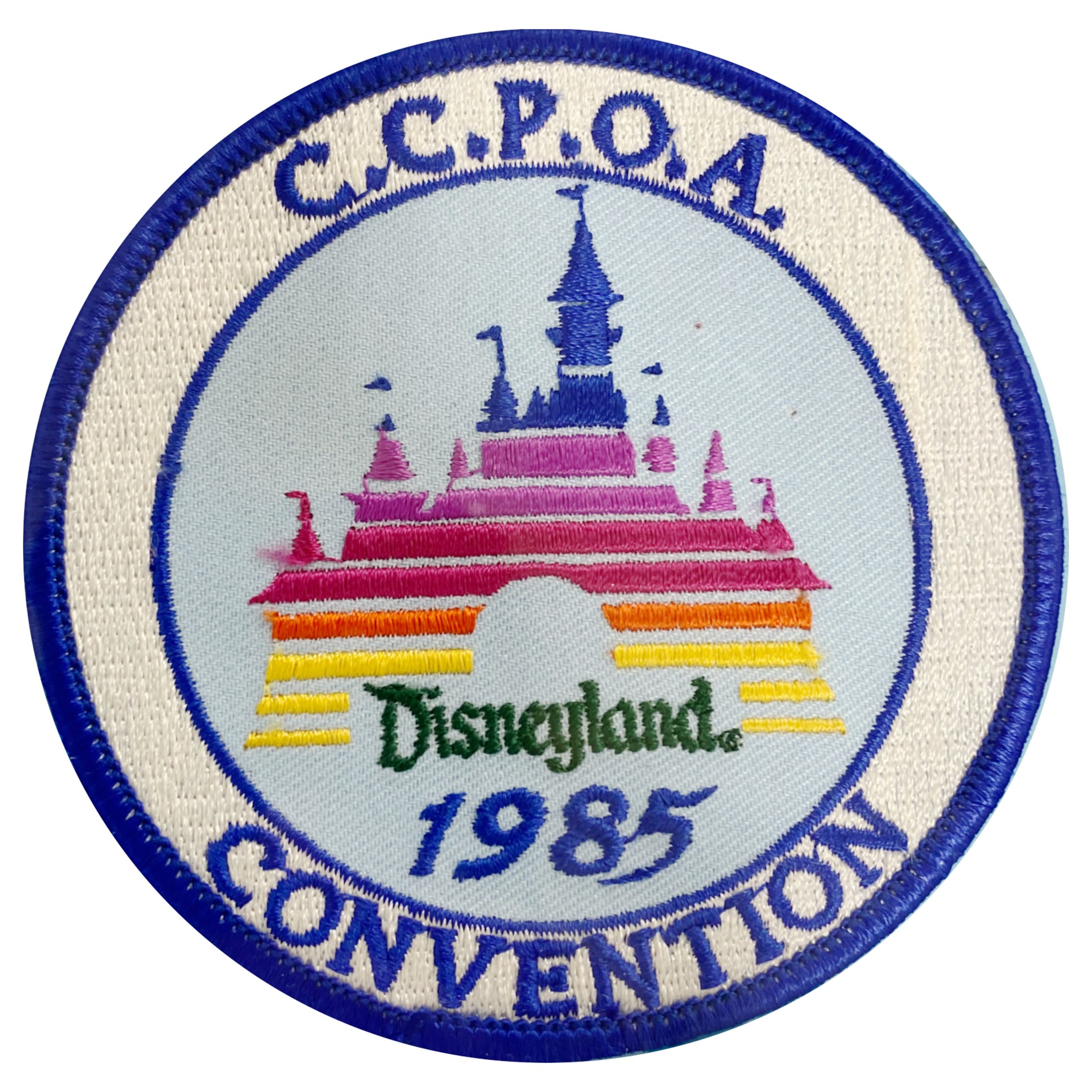
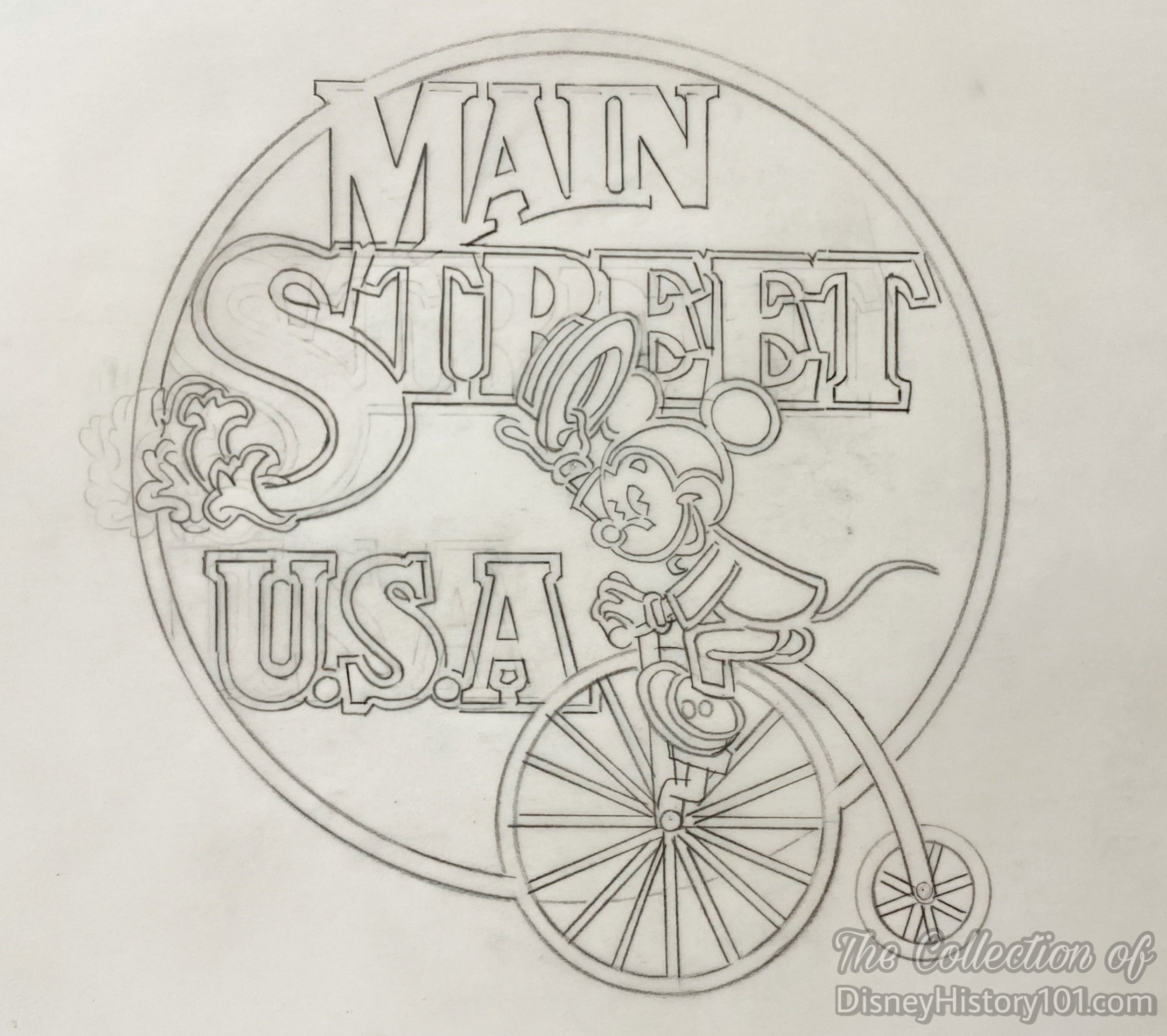
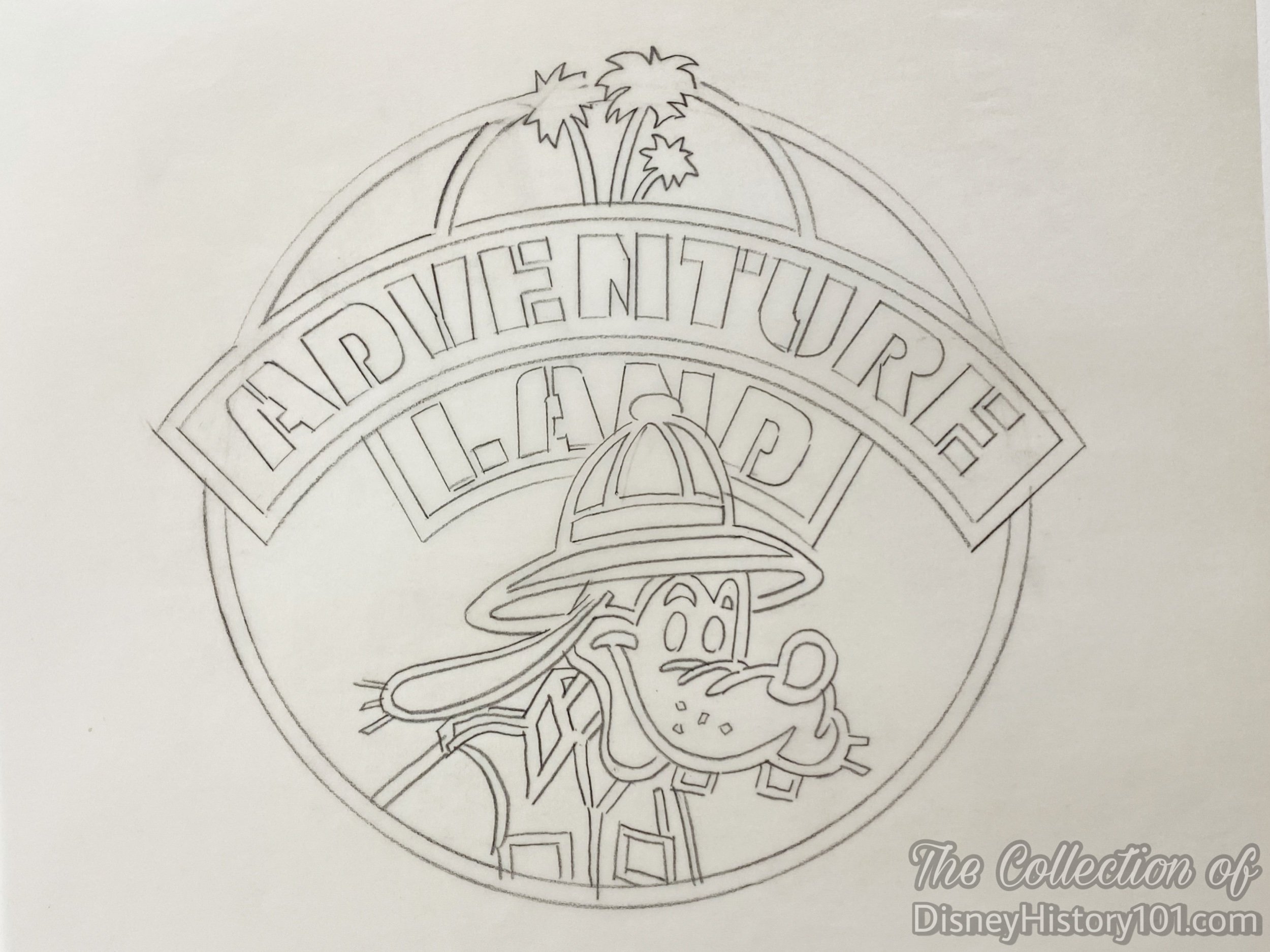
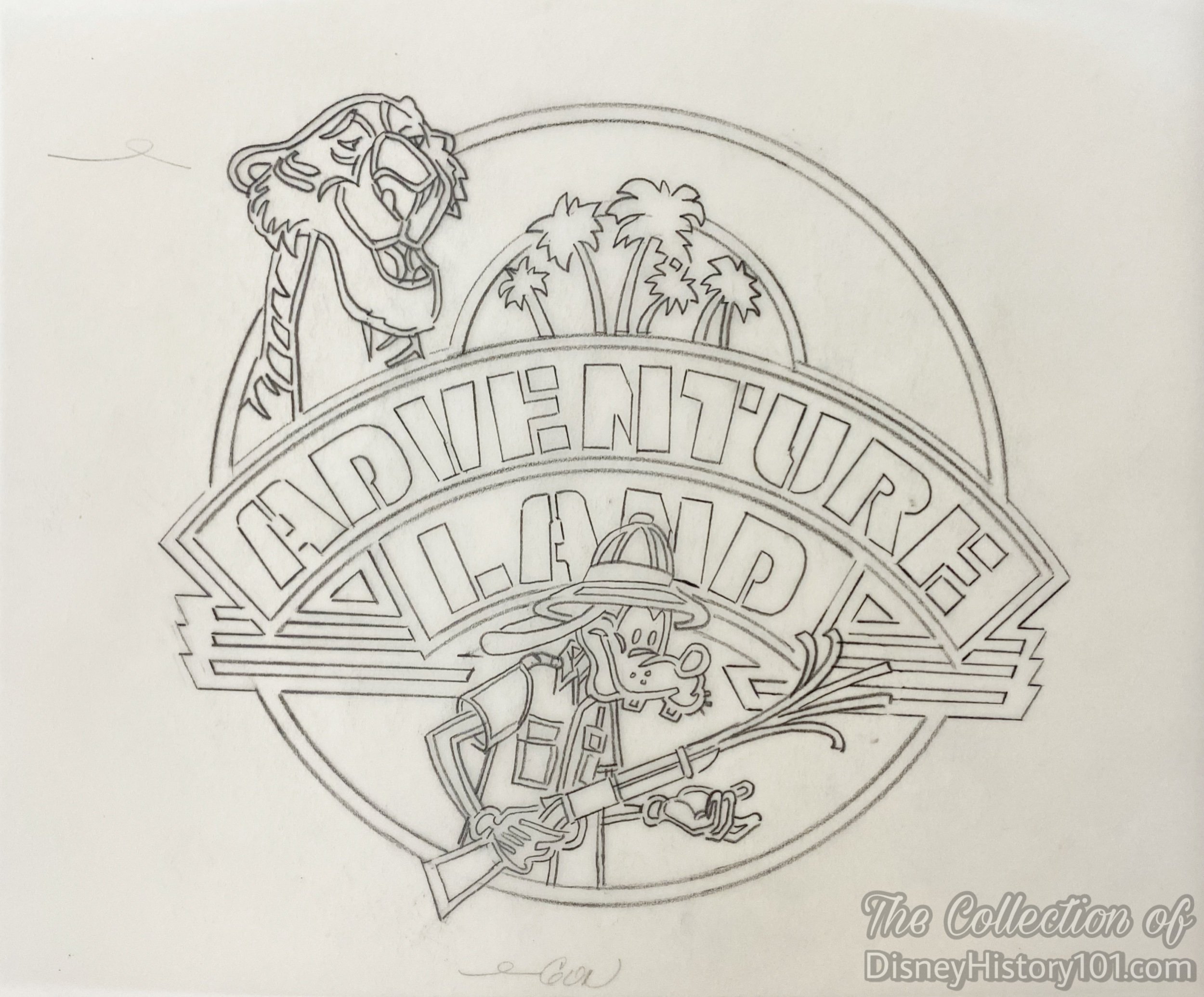
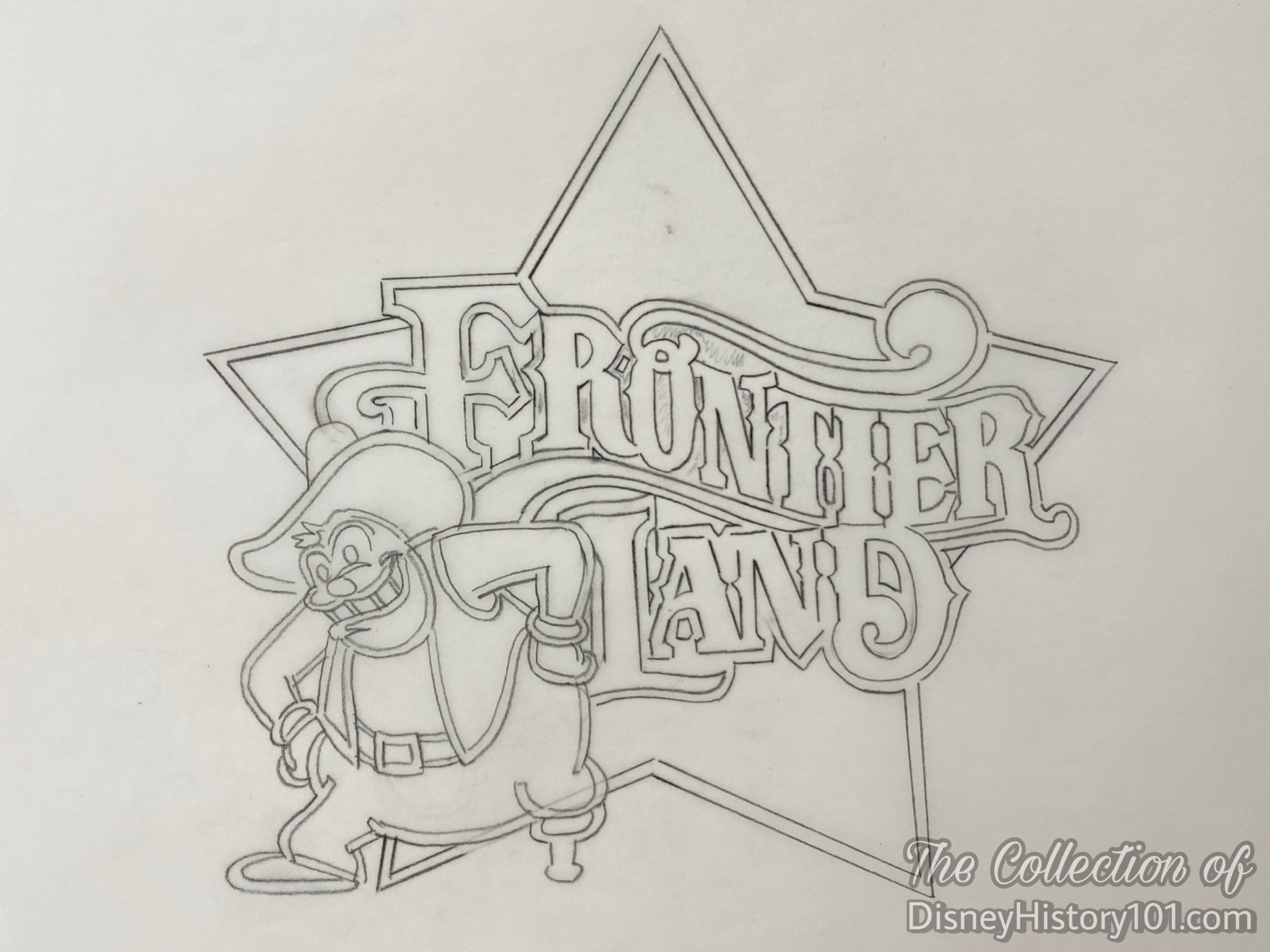
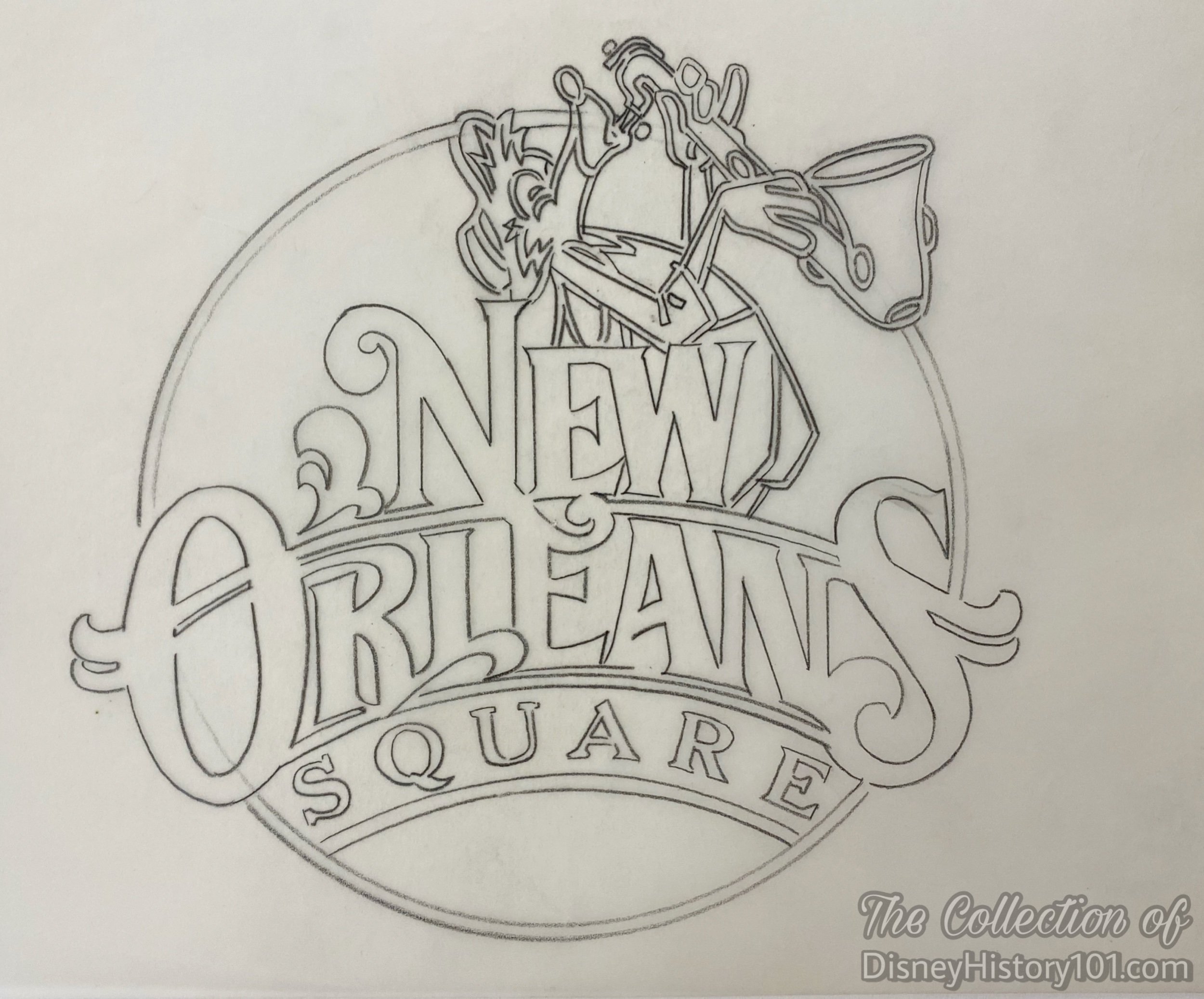
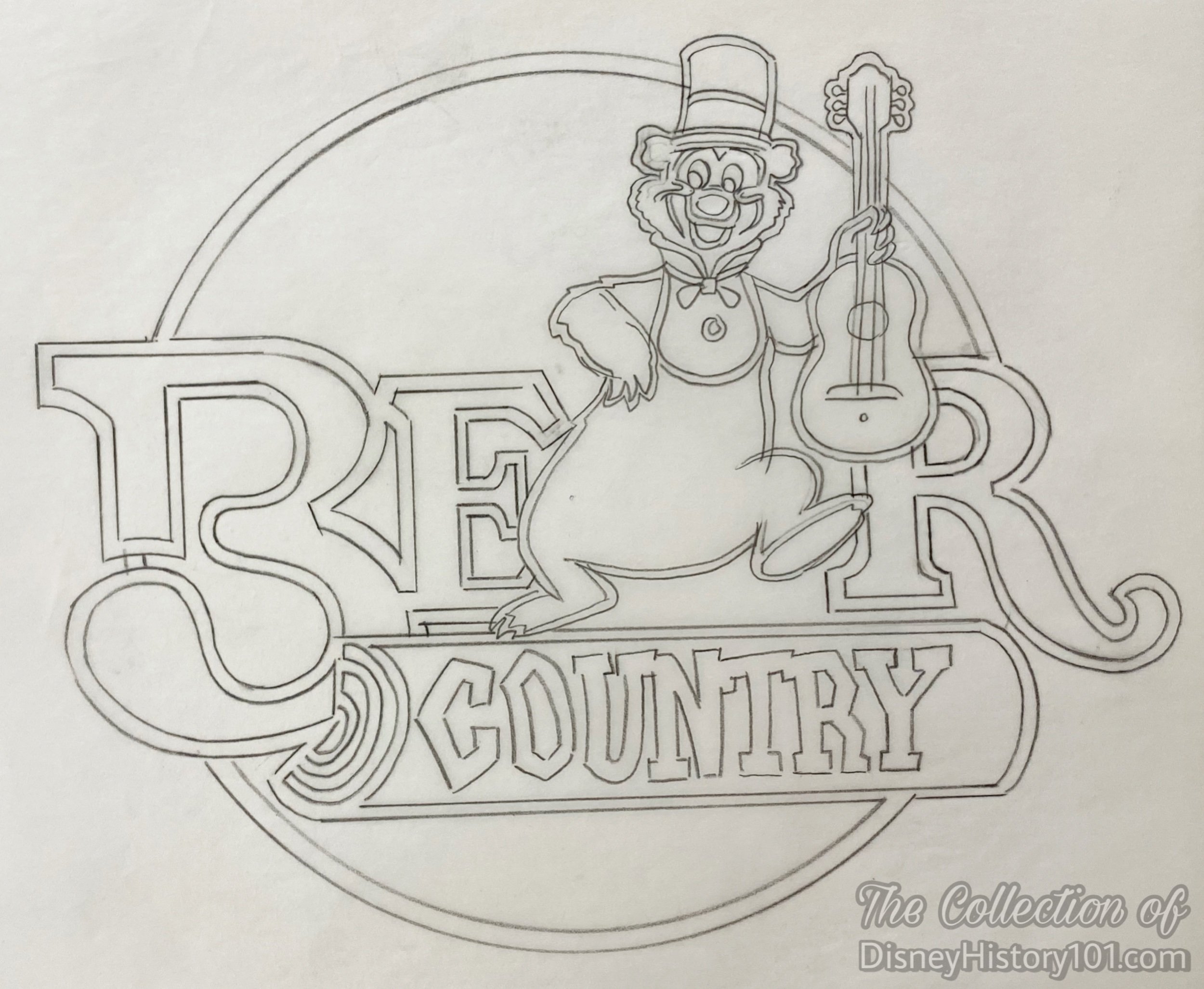
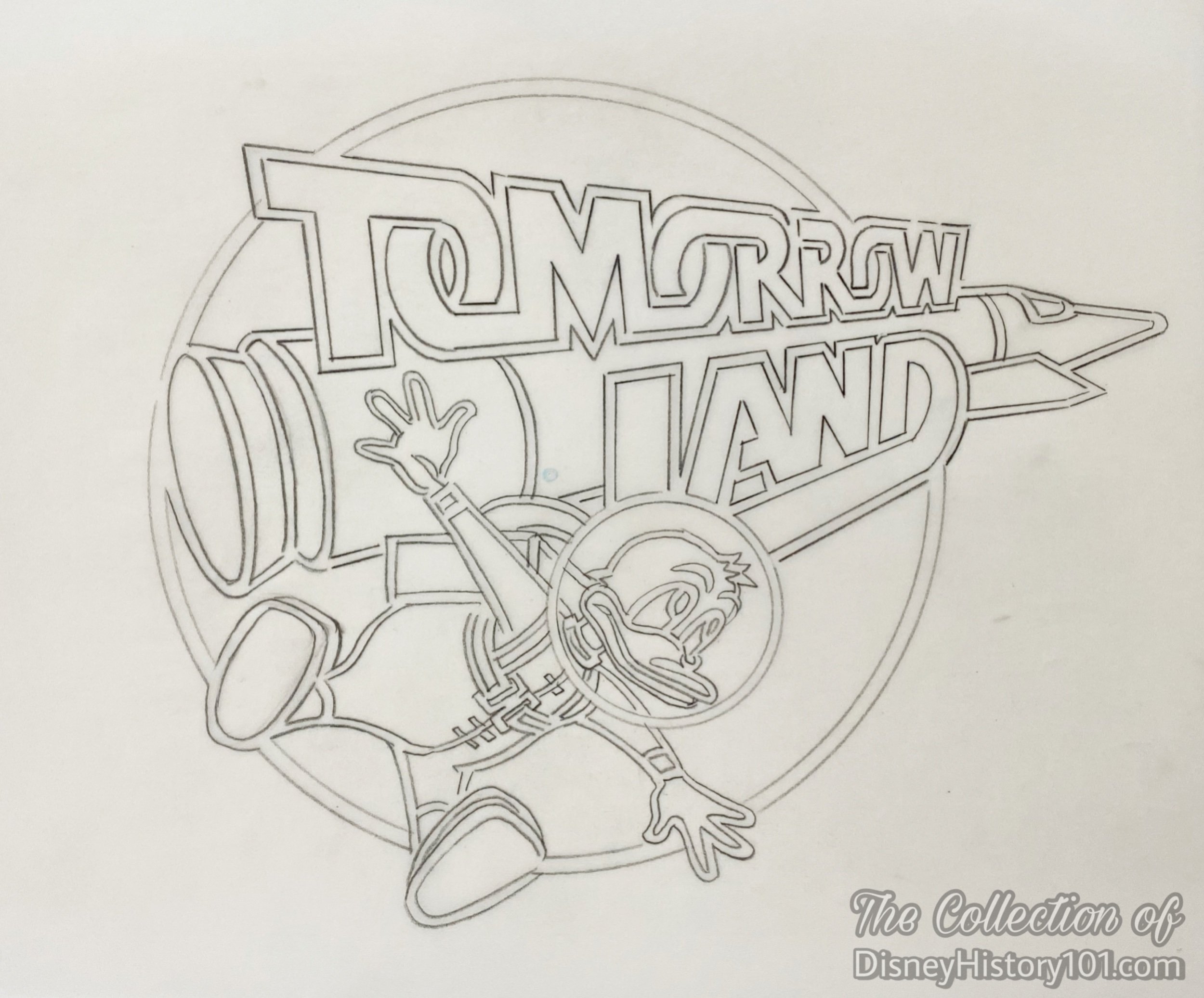
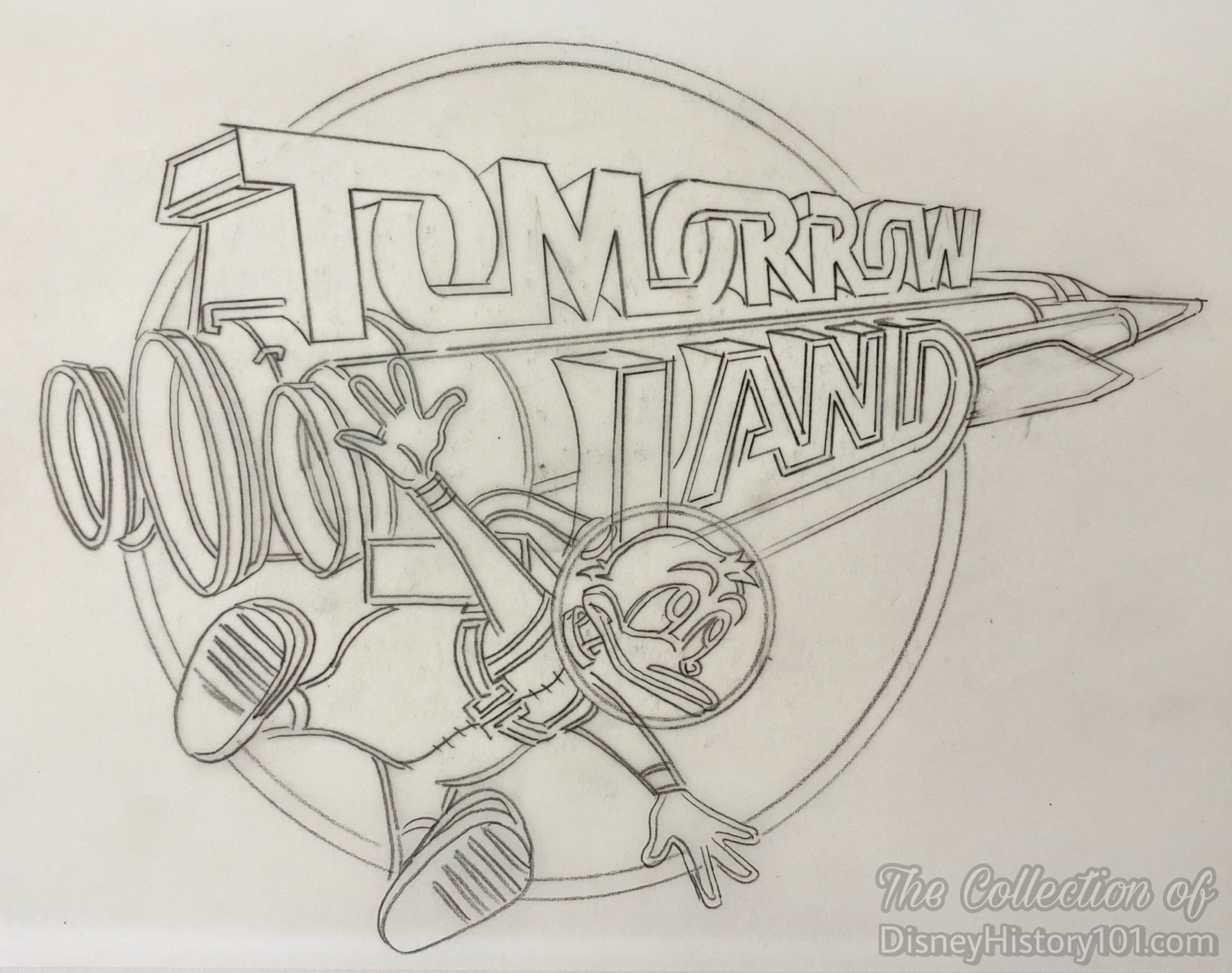
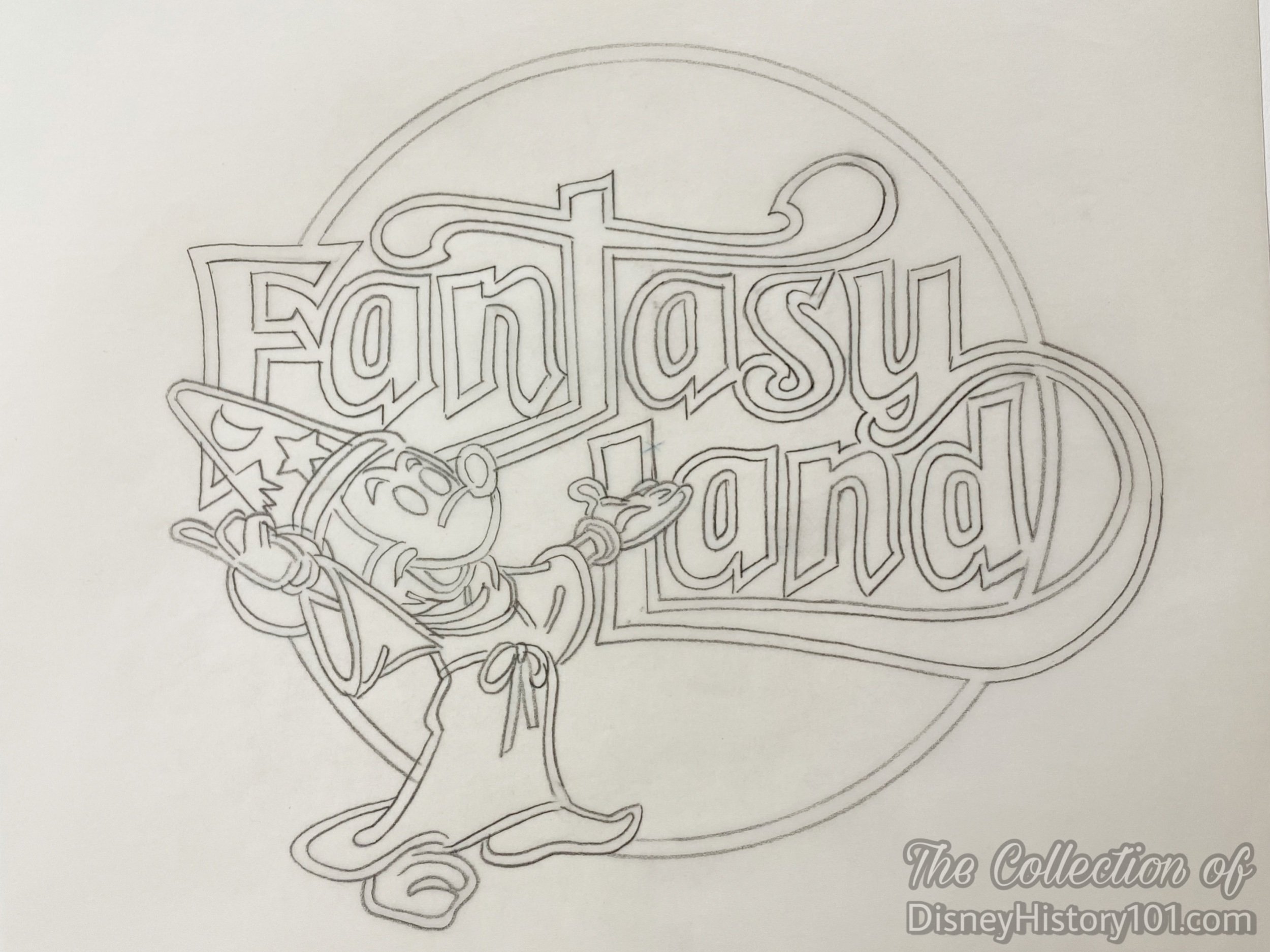
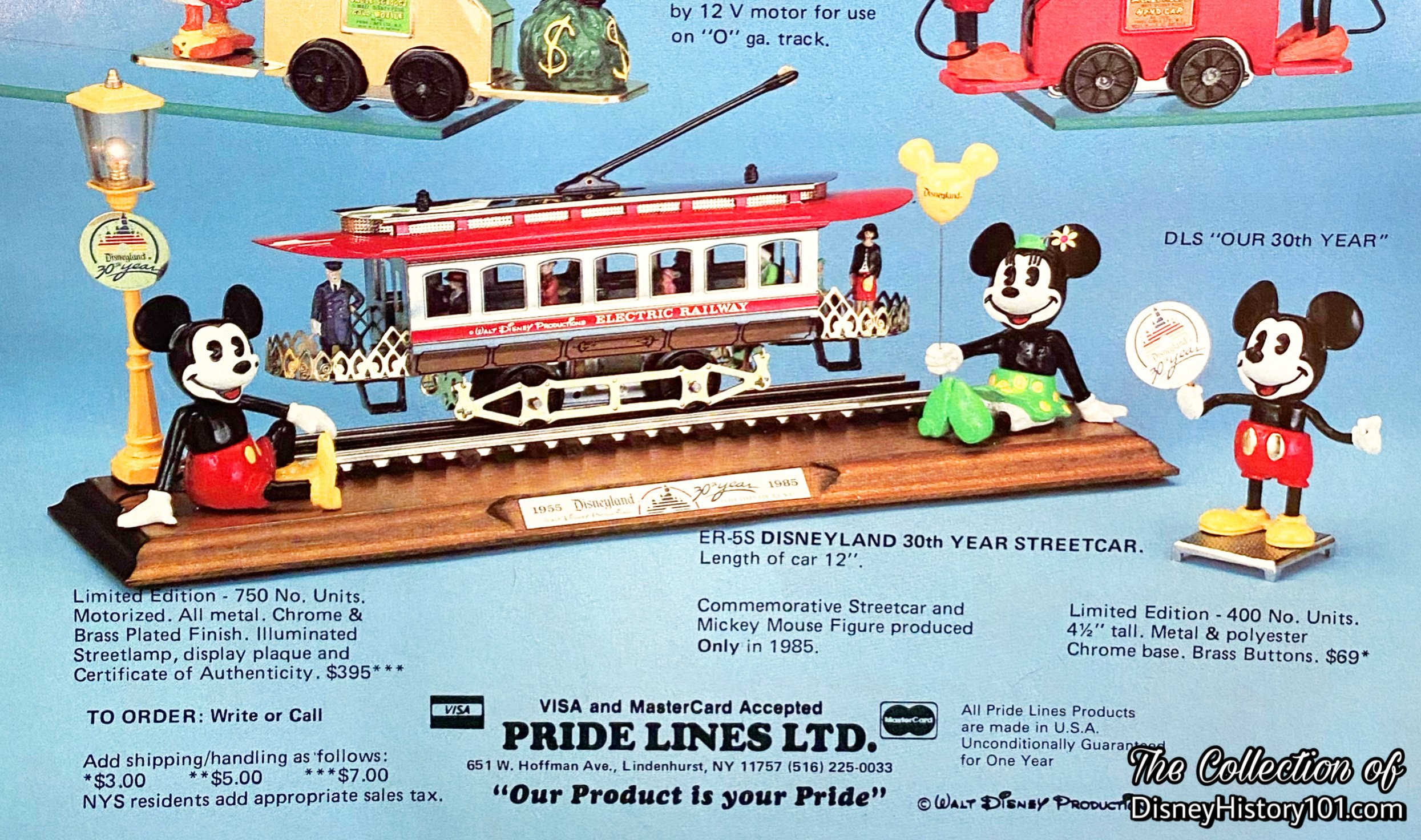
In addition to pins, there was plenty of 30th anniversary merchandise for collectors of Disneyana. Pride Lines Ltd. had already manufactured a mechanical coin bank and many electric railway streetcars featuring Disney characters (powered either by an AC/DC wide tinplate style motor or a magnet motor and worn gear drive). Now, Pride Lines Ltd. released the motorized and metallic Disneyland 30th Year Streetcar, a limited edition “Our 30th Year” Mickey Mouse figure, and an illuminated street lamp, each compatible with “O” gauge.
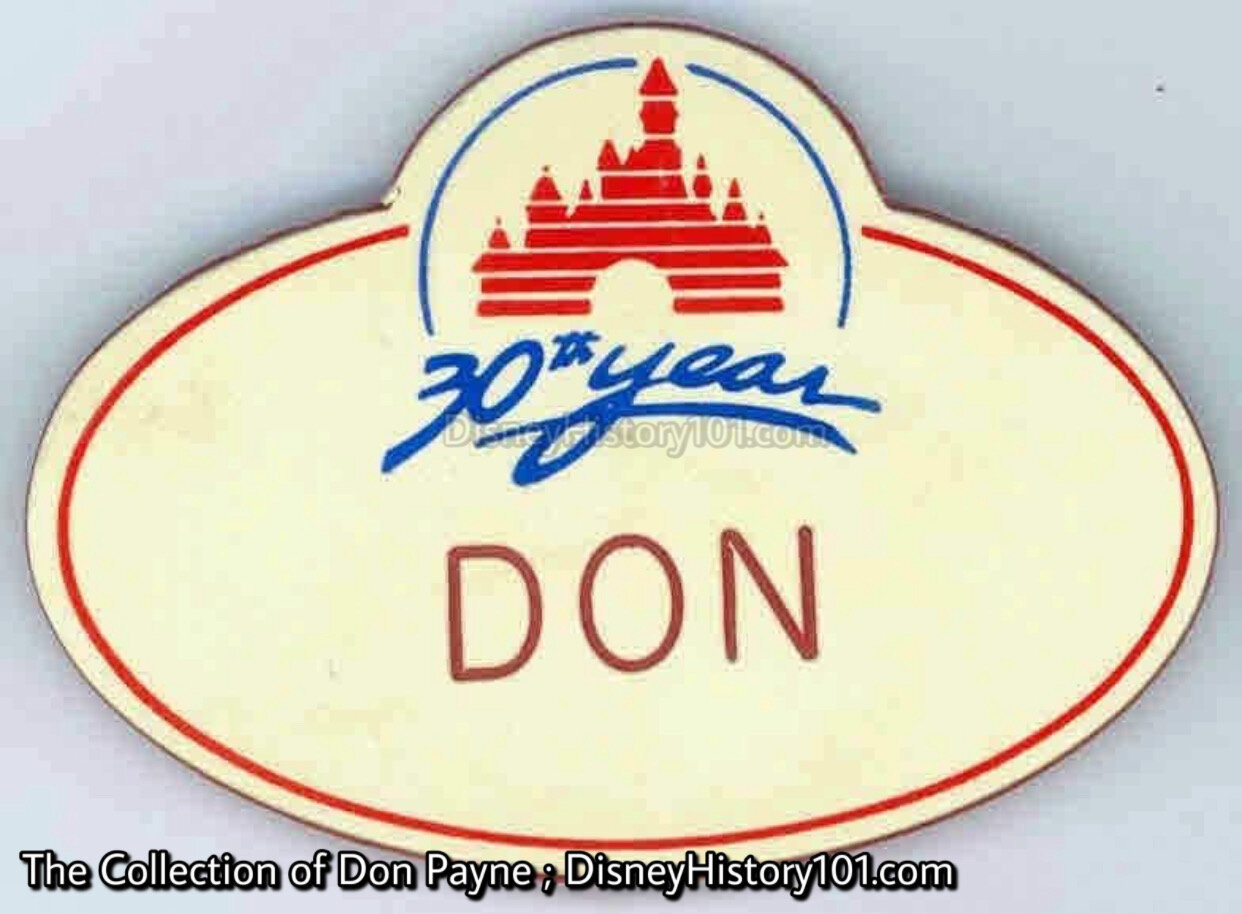
A special 30th Anniversary name tag was worn by Cast Members all year long!

These commemorative coins were attached to the cards that were sent to Cast Members, inviting them to “Join Us For A Family Celebration”…and the “Disneyland 30th Anniversary Open House”. This event was a backstage look behind-the-scenes at our Disneyland Show May 6, 7, 8, and 9. A complimentary dinner was served. Cast Members needed to indicate the preferred date that they would like to attend using the enclosed Reservation Card.
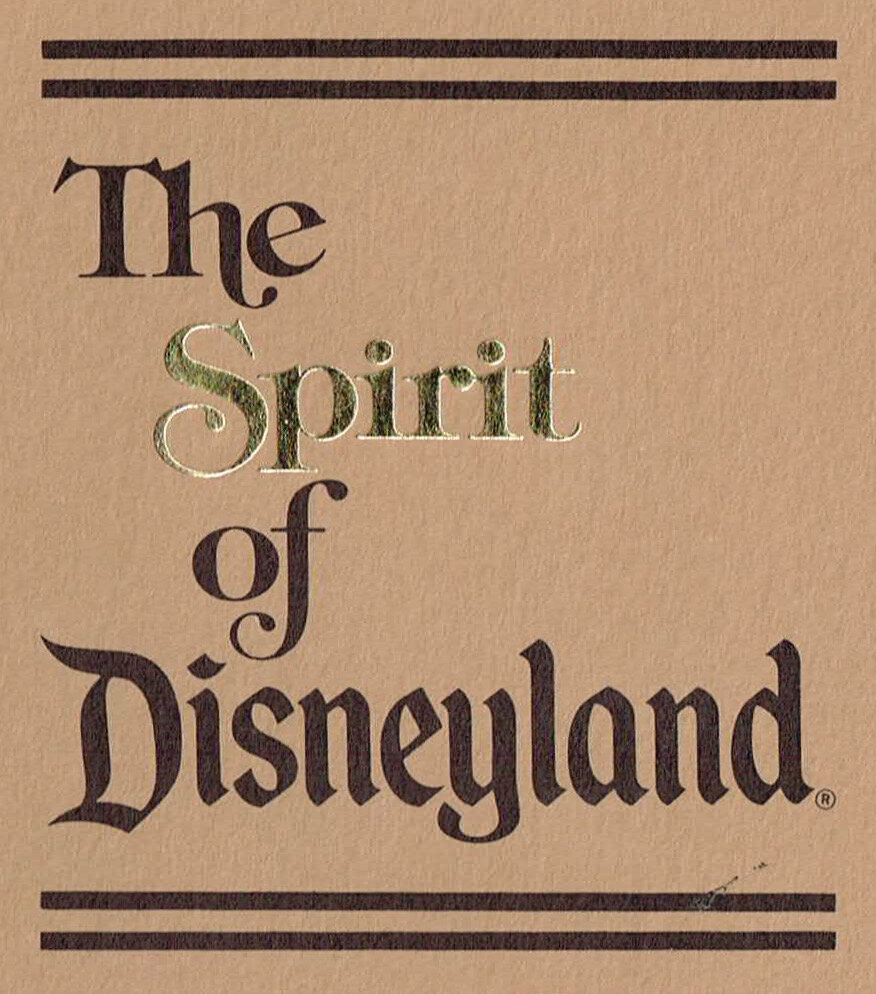
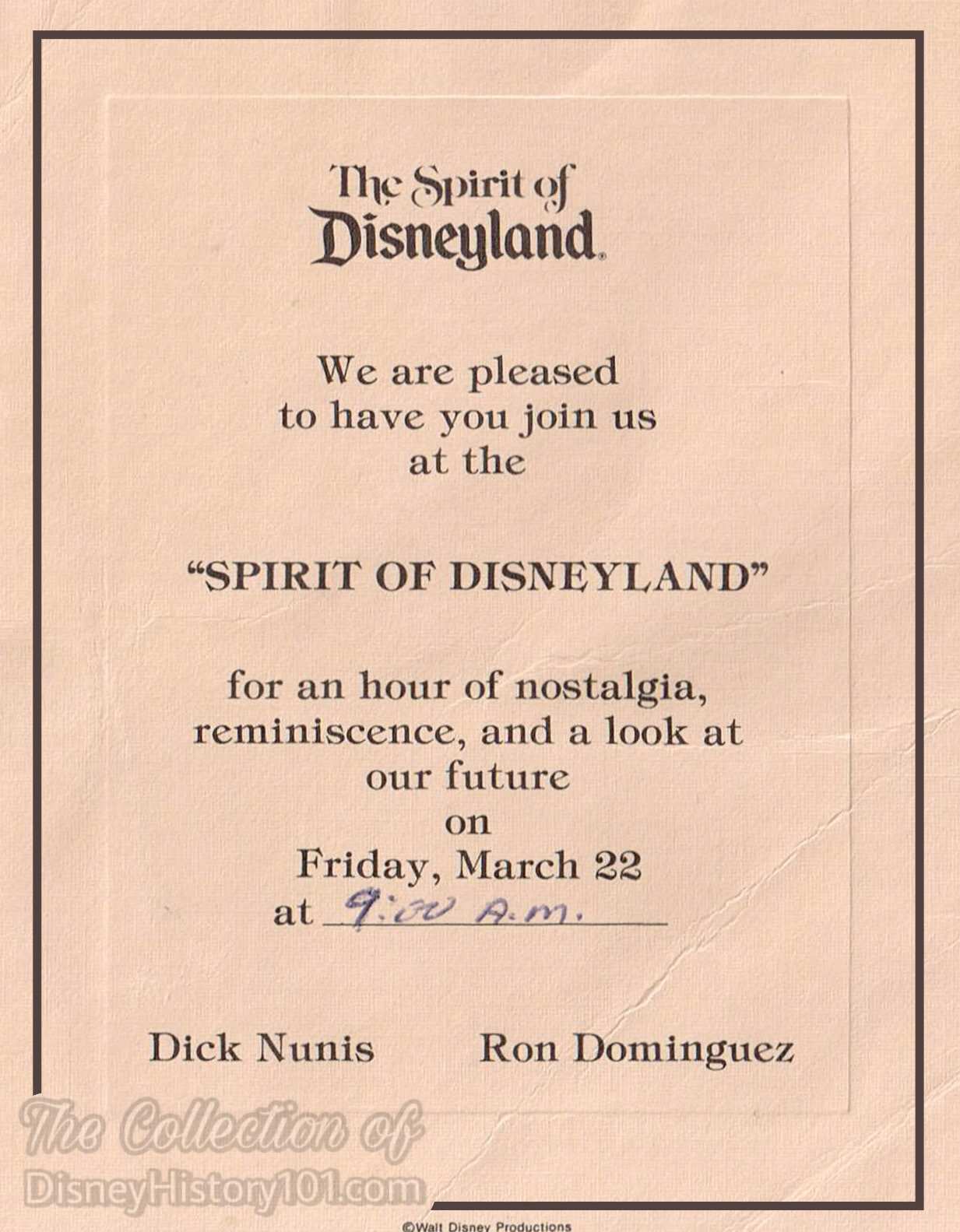
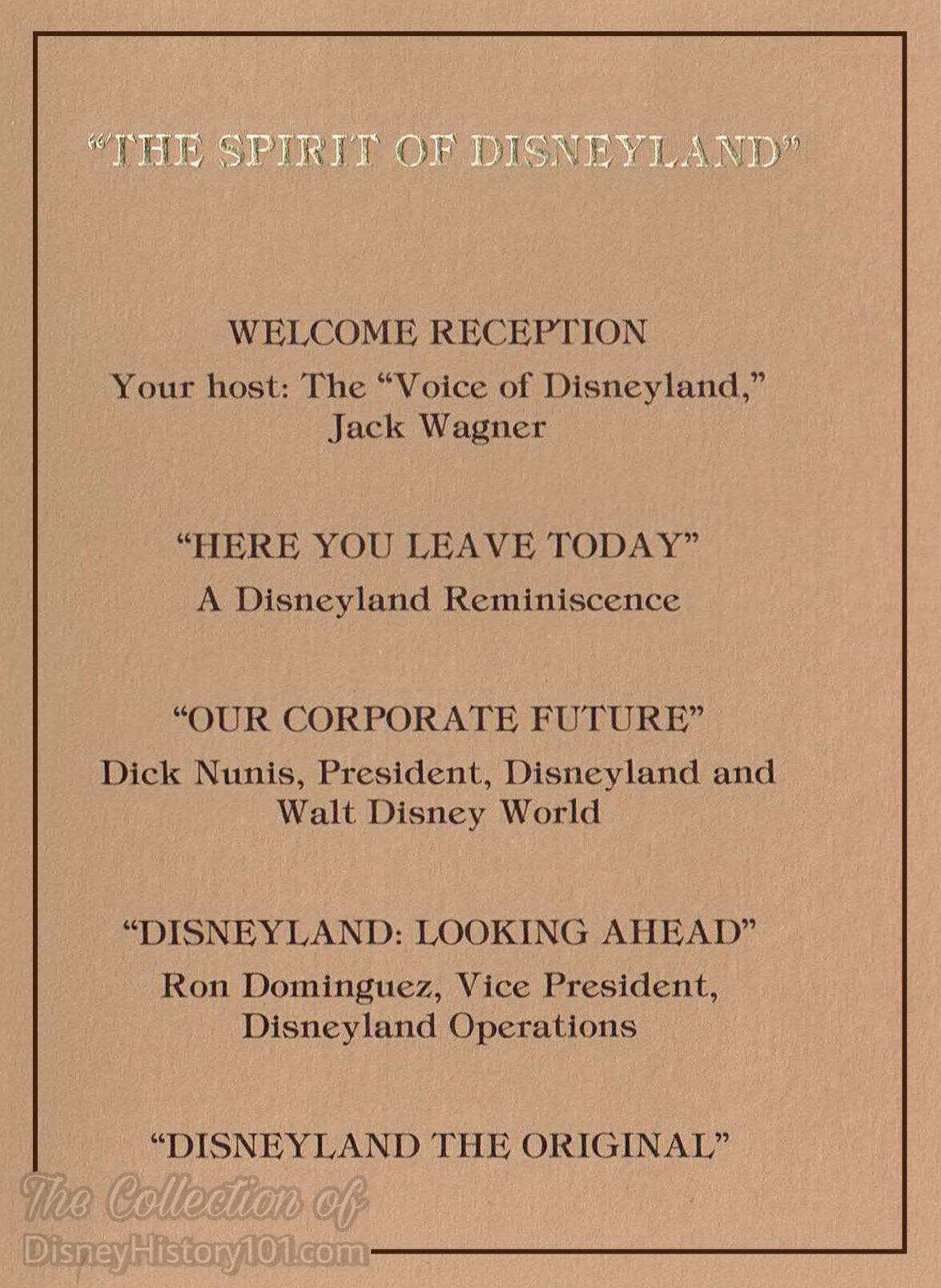
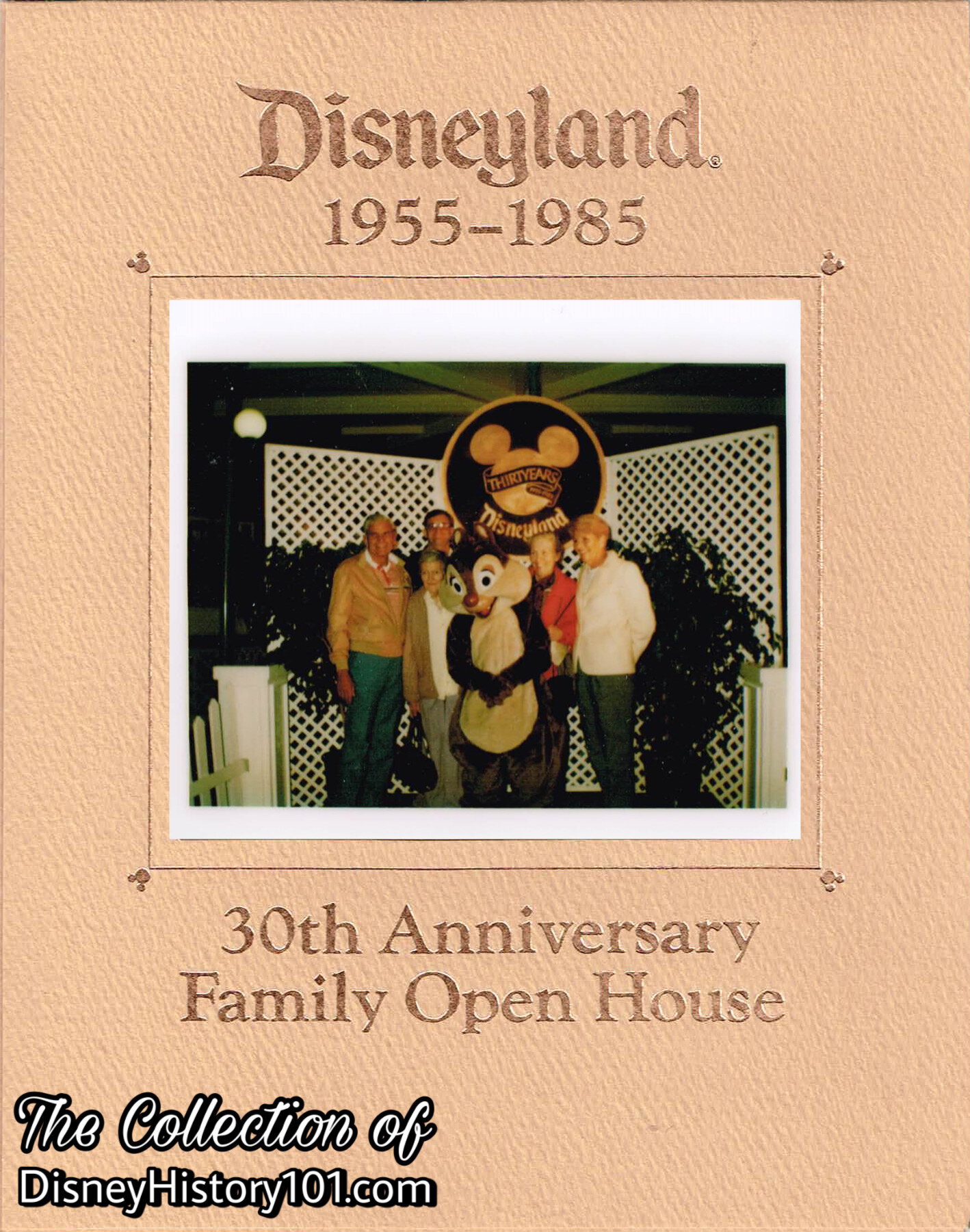
According to “Walt” (published by Walt Disney Productions, 1975), Walt Disney once said, “The important thing is the family. If you can keep the family together - and that’s the backbone of our whole business, catering to families - that’s what we hope to do.” These ethics were constantly seen at work especially during the periods of anniversary celebrations. More than 18,000 Disneyland Cast Members and their family members were invited to the 30th Anniversary Family Open House and a Complimentary Dinner (by R.S.V.P.) on Tuesday, May 6th & 7th, 1985, at 7:45p.m.! Highlights included a behind-the-scenes tour of the illusions of the Haunted Mansion, Club 33, the control room for all the Park’s Audio Animatronic figures, and the offices of Walt Disney Inc. (at the time, housed in the apartment meant for Walt Disney, located above Pirates of the Carribean).
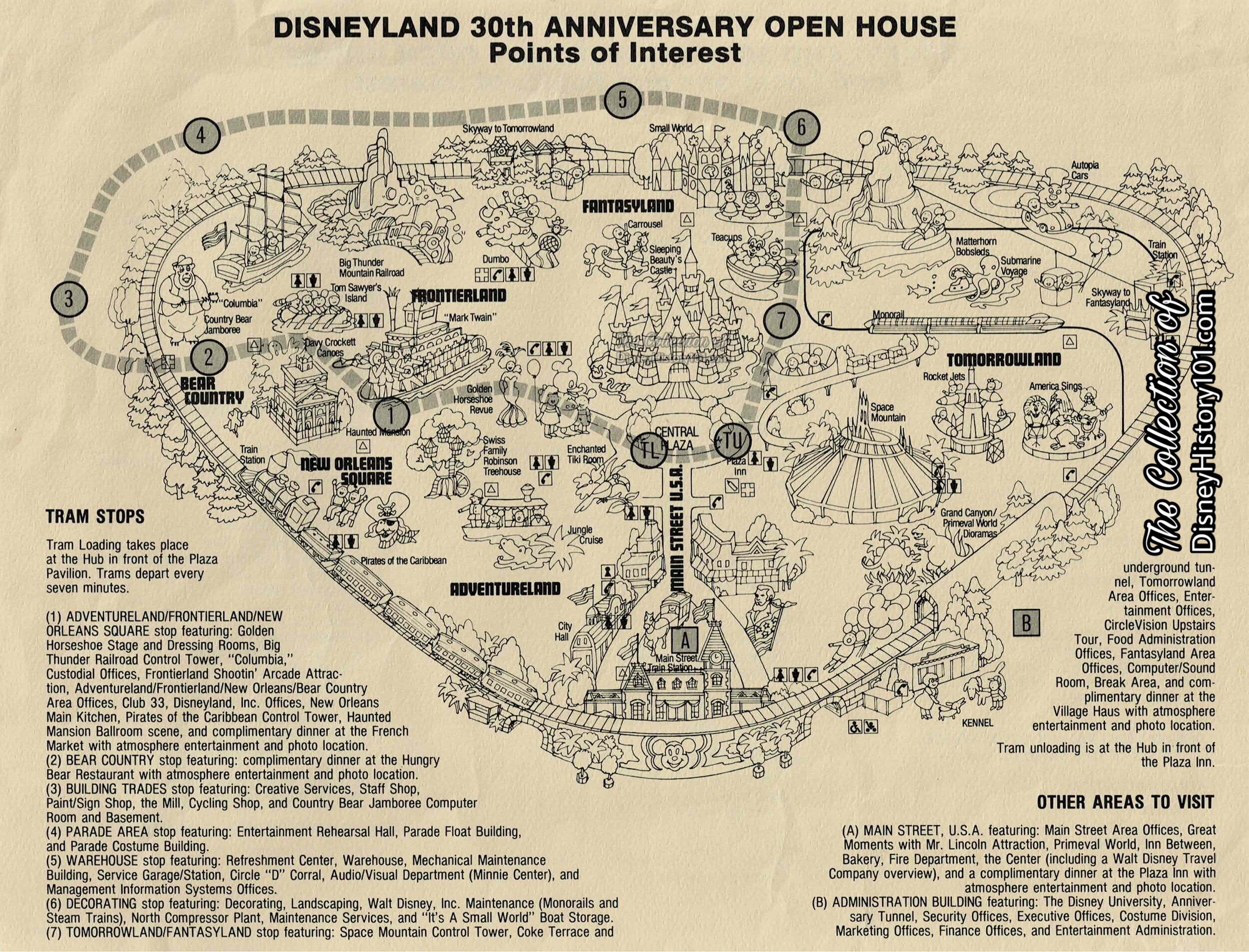
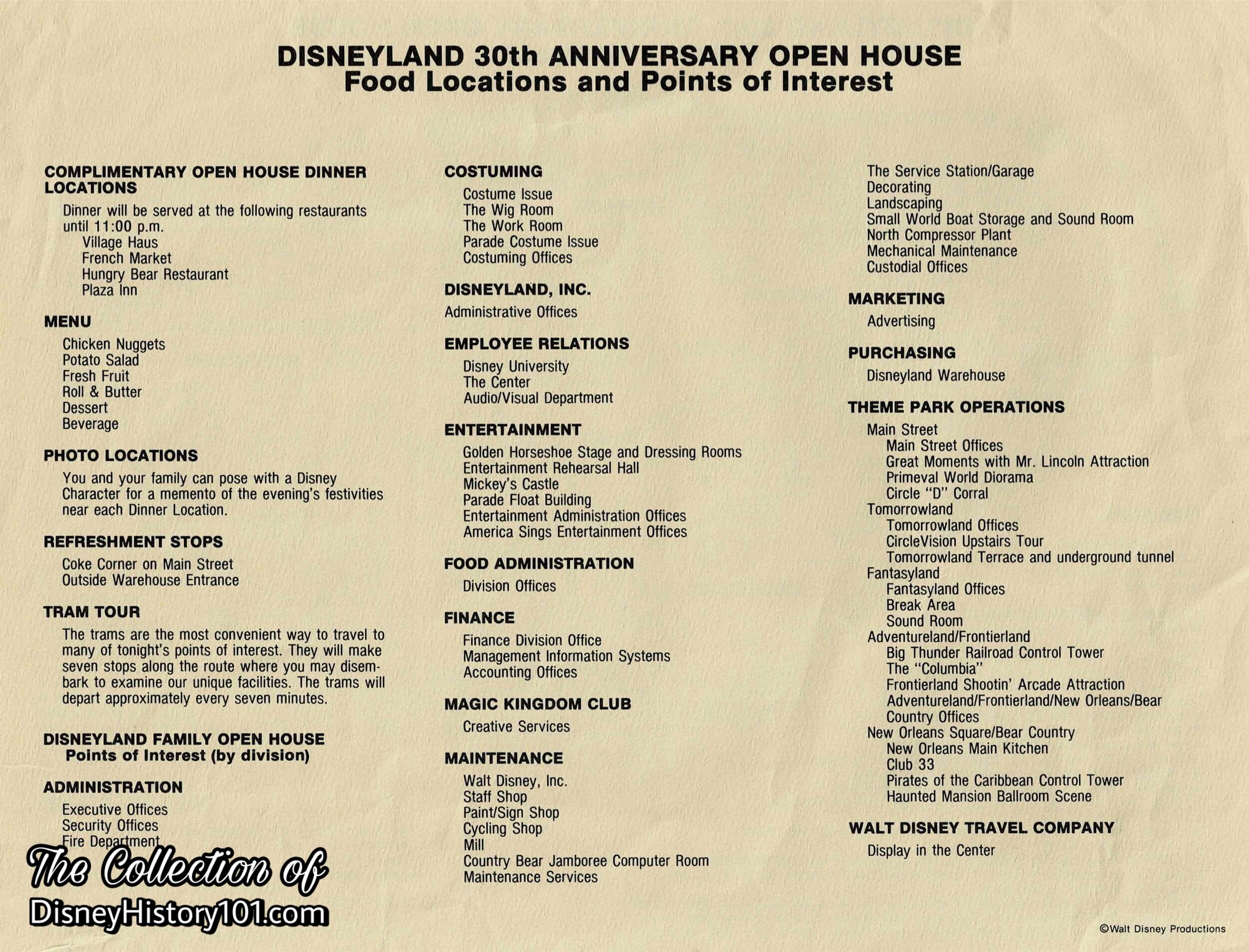
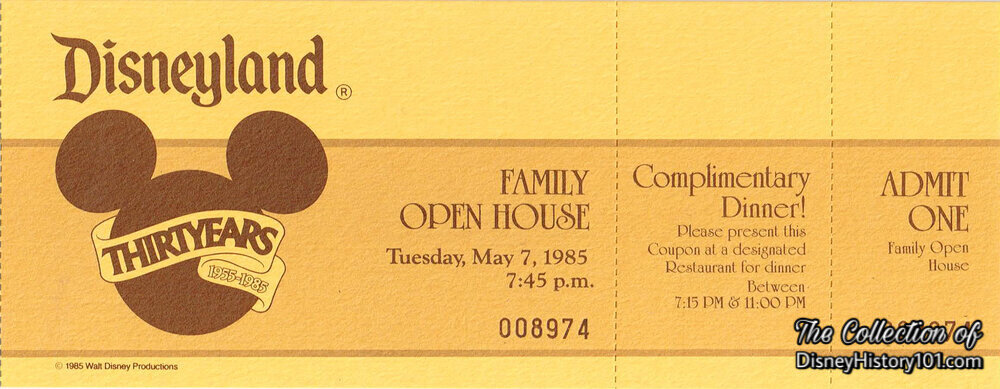
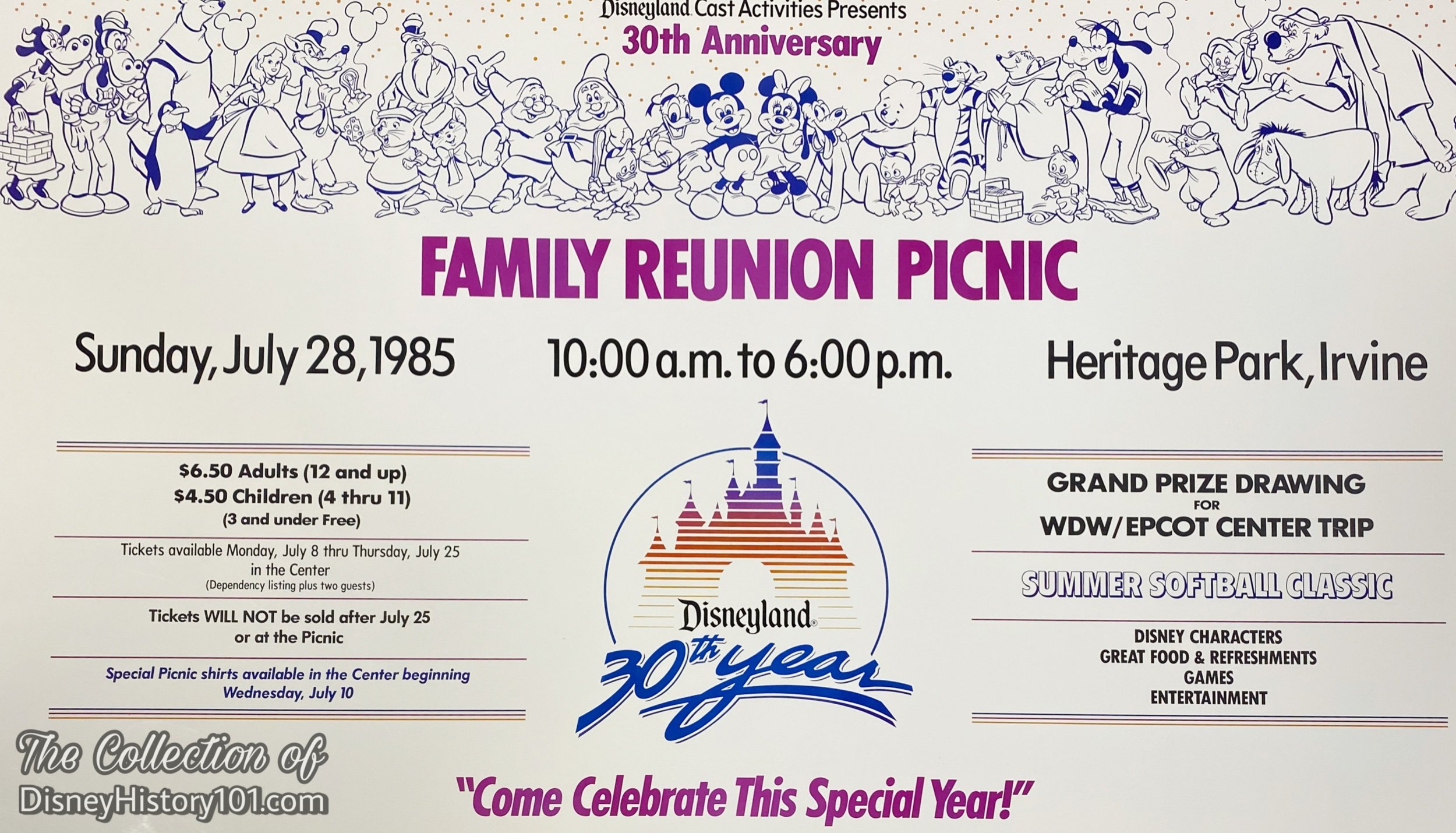
Two months later the 30th Anniversary Family Reunion Picnic was held at Heritage Park, on Sunday, July 28, 1985. The ticketed event included a barbecue chicken or tri-tip steak lunch with all the “fixins”, and light snacks (like chili dogs, lemonade, ice cream sundaes, and beer) available all day long. Entertainment for the day included an executive softball game, BINGO competitions, and character appearances for kids of all ages. Lastly, the Grand Prize of a Walt Disney World and EPCOT Center trip for two was raffled off and awarded to one lucky Cast Member.
Disneyland Cast Member Giveaway in Honor of Disneyland’s 30th Year - By the publishing of Disneyland LINE magazine (June 27, 1985), Disneyland was projecting and expecting its 250 millionth guest. In conjunction with sponsor Coca-Cola, a contest was held to guess the exact time that lucky guest would walk through the turnstiles. The contest was open to all Disneyland employees, who could visit the Center at Disneyland between July 1st and July 17th and fill out a form with spaces for the month, date, hour, minute, and second (including a.m. or p.m.). After completing the form, it was “time-punched” and submitted. A total of 30 prizes were given away in honor of Disneyland’s 30th year of operation. The Grand Prize was a vacation for two to Mexico aboard Holland American Lines, while secondary prizes included a trip to Walt Disney World, roundtrip airfare to Hawaii, roundtrip airfare on Continental Airlines to anywhere in the domestic U.S. or Mexico, and much more. Just a few of the lucky Guess Winners included Lucy Moerer, Bob Hayes, Joan day, Michael Dunlap, Michael Vogel, Janet Maher, Judy Nuzum, Linda Sullivan, Sue Freleaux, Kent Warren, Ken Klunke, Leslie White, Kathy Rogers, Janet K. Howard, Ed Clary, Claude Christopher, Carol Whitaker, Tim East, and Marian Guiver.
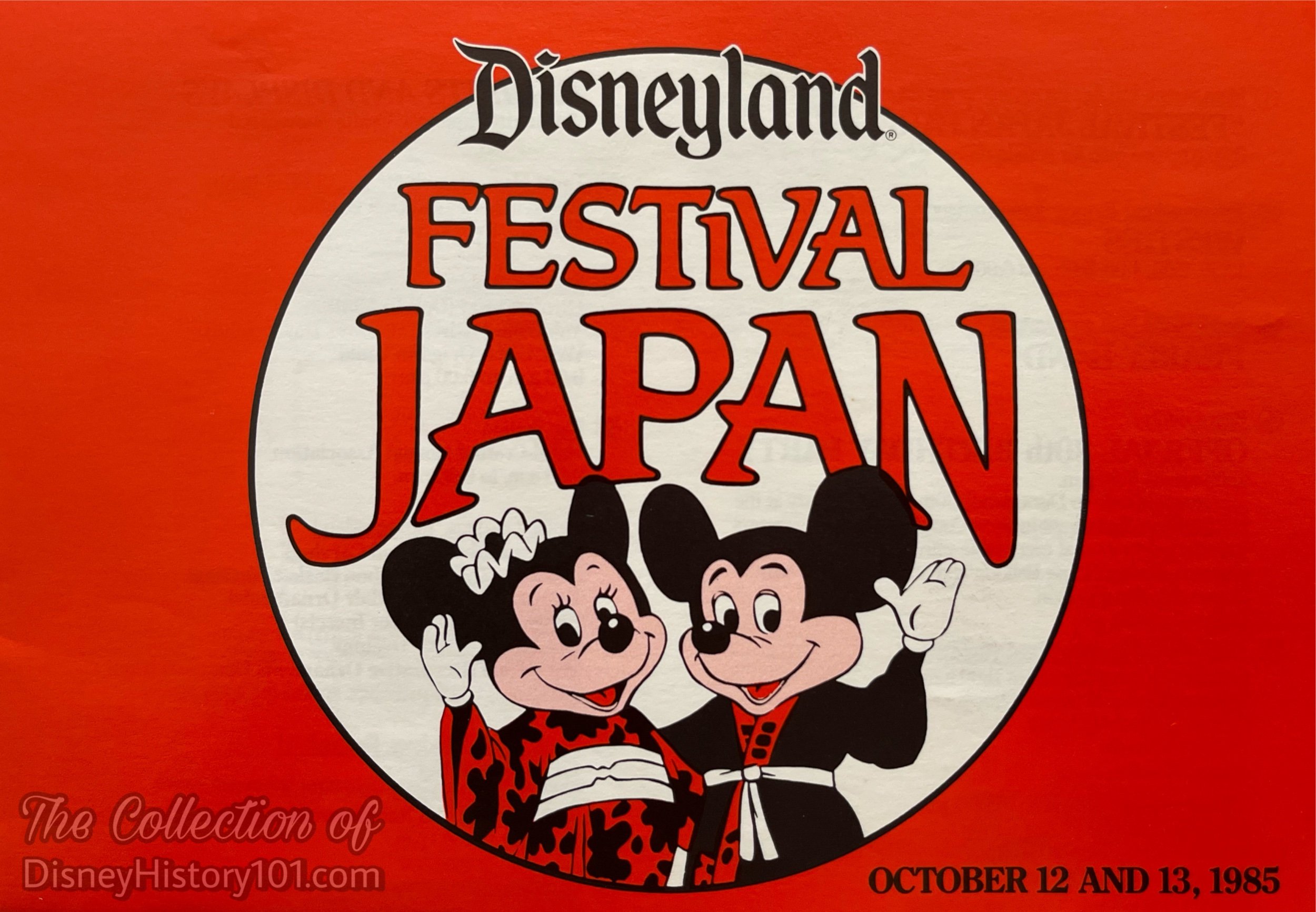
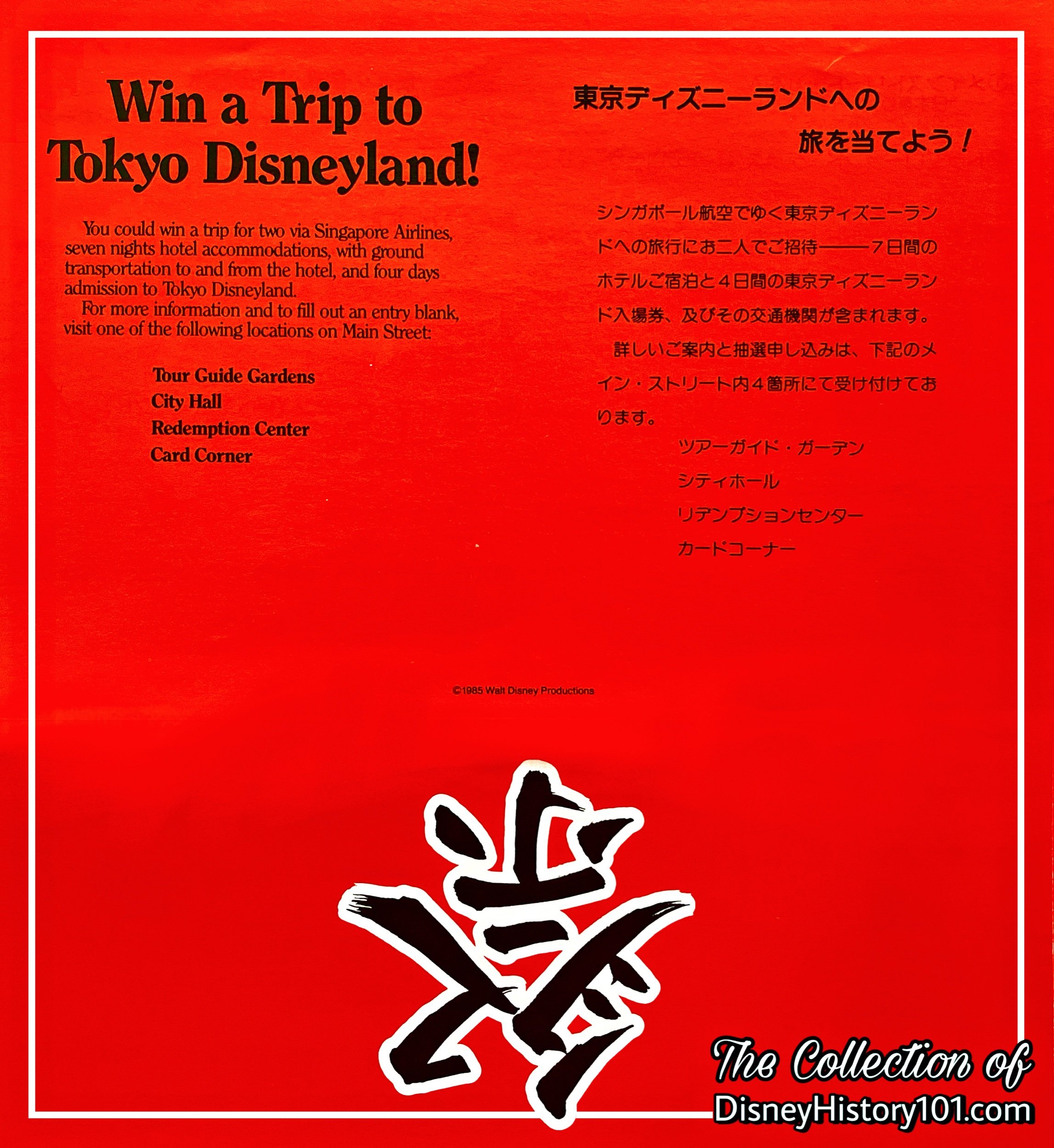
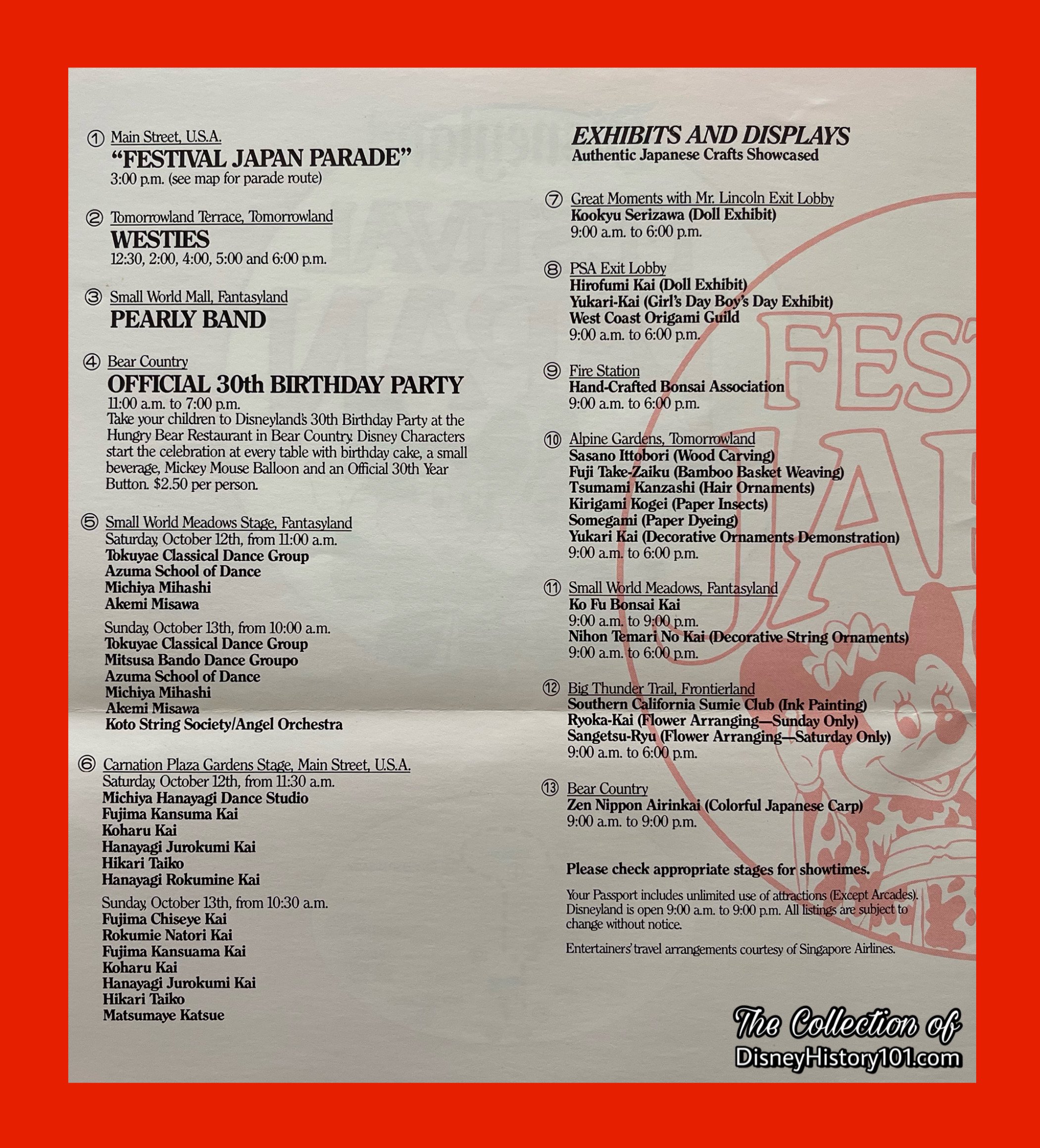
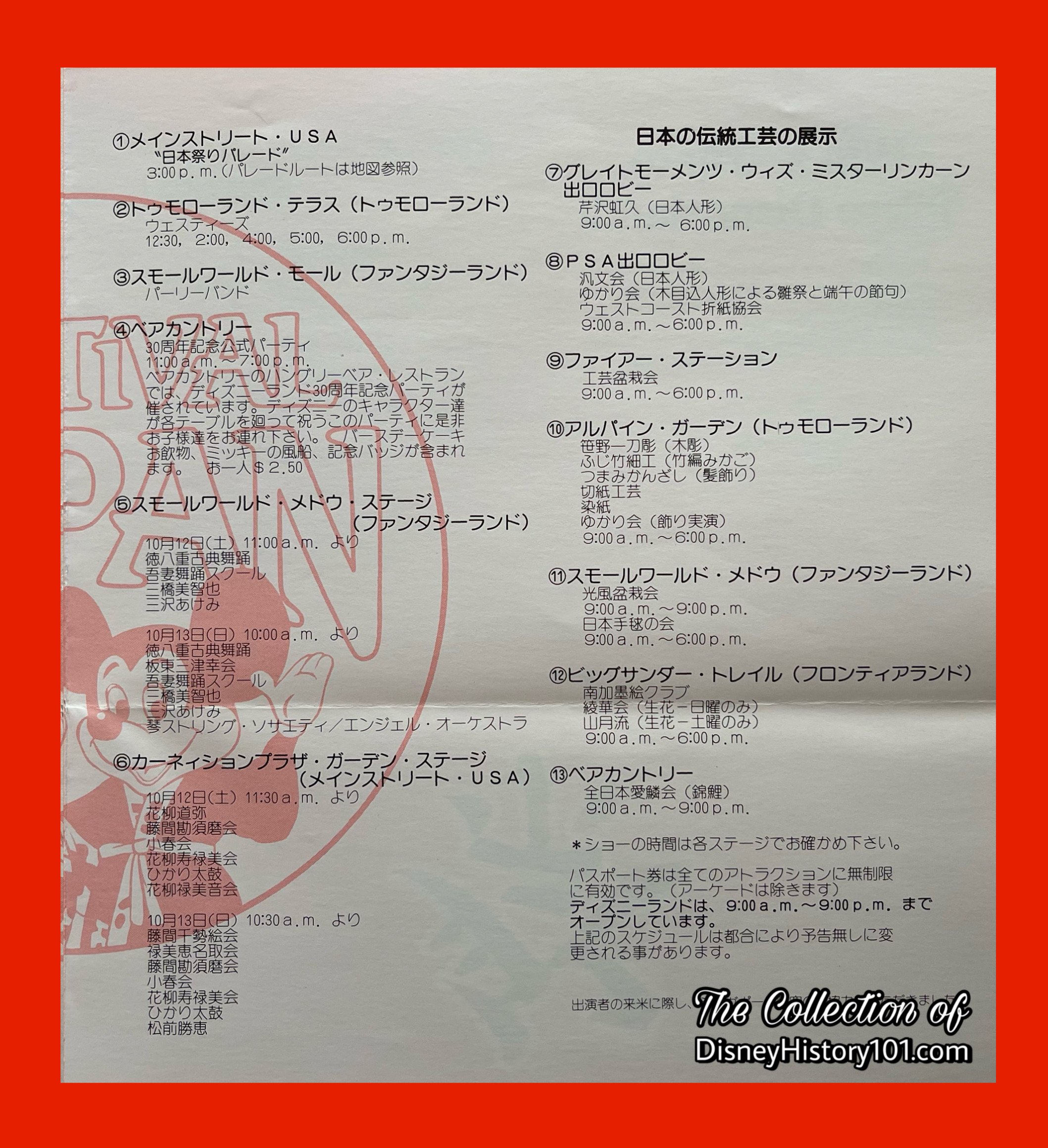
Finally, on December 5, 1985, “Skyfest - A Million Balloon Salute” (a record-shattering balloon release of more than one million balloons) would occur over Katella Avenue (from Harbor Boulevard to West Street), in order to commemorate what would have been Walt Disney’s 84th birthday! Much preparation went into arranging this “million balloon salute to Walt Disney and Disneyland’s 30th birthday” - alerting local law enforcement agencies, and notifying the federal Aviation Agency. Volunteers (made up of more than 800 Cast Members, their family members, and their friends) assembled in “Camp Skyfest” - a tent in the southwest corner of Disneyland’s Parking Lot. Balloons were filled with 7,500 pounds of helium (enough to carry 190 people) and then loaded into balloon tubes (each carrying about 1,000 balloons) which were arched over Main Street until the climax of the big ceremony. The ceremony was presided over by Anaheim Mayor Don Roth, who released the first balloon at precisely 2pm, as a signal to release 1,121,448 other helium balloons. This release set a Guiness World Record, beating the previous record of 300,400 balloons. Anaheim Mayor Don Roth was led by Disneyland’s Cast of characters, as well as the Disneyland Band, and joined by the business community and local area residents of Anaheim who were invited to visit the Park (through a special “buy one Passport, Get one free” offer). T-shirts and buttons helped commemorate the momentous event. In addition, Disneyland’s resident artist - Charles Boyer - commemorated the occasion with one of his signature works of art, which was released as a limited edition lithograph to Disneyland employees through the Center.
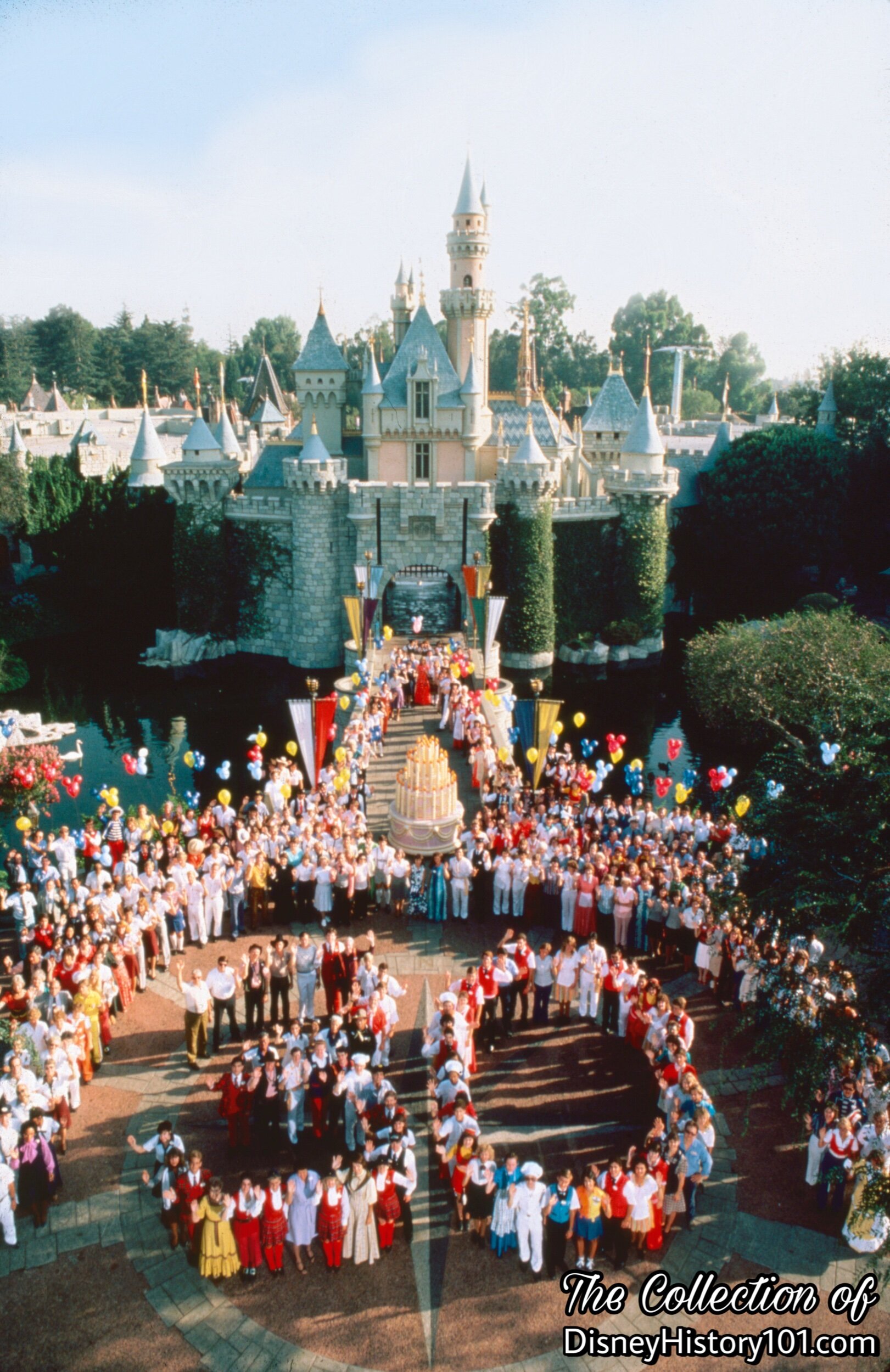
Walt once spoke of the community known as the Disneyland family: “Togetherness, for me, means teamwork. In my business, many minds and skillful hands must collaborate. The more diversified our labors and interest have become in the modern world, the more surely we need to integrate our efforts to justify our individual selves and our civilization.” [“The Spirit of Disneyland”] A big part of the success of the 30 year anniversary celebration lay in the teamwork which contributed to the overall efficient and effective showmanship of the Disneyland Entertainment Department and Disneyland show. After the festivities were through, the Disneyland Entertainment Department Cast Members could look back on the fulfillment of their individual roles and responsibilities which contributed to the overall environment consistent with defined Disney behaviors. These Cast Members posed for a final photograph commemorating their contributions toward the overall success and “Performance Excellence” of both Disneyland 30 Years and the Disneyland show!
DISNEYLAND 35 YEARS (THIRTY FIVE YEARS) OF MAGIC
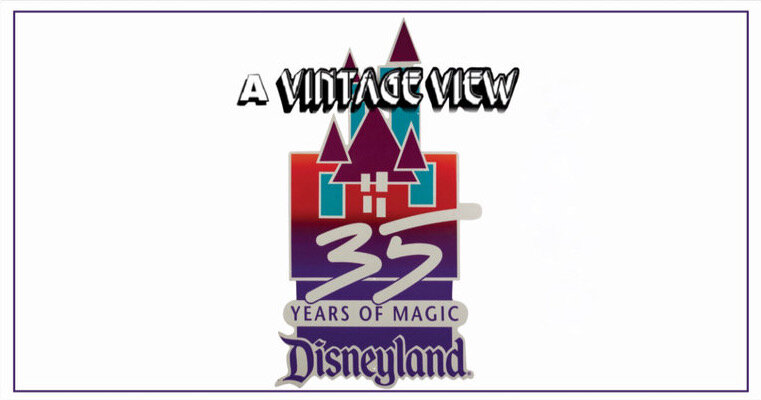
July 17, 1990 marked 35 Years of Magic (1955 - 1990) for “the happiest place on earth”!
Disneyland had much to celebrate. Disneyland opened on July 17, 1955, with 18 major attractions and now there were 60 attractions in the Park. By 1990, Disneyland staff numbered more than 9,000 men and women, with Winter period employees totaling 6,000.
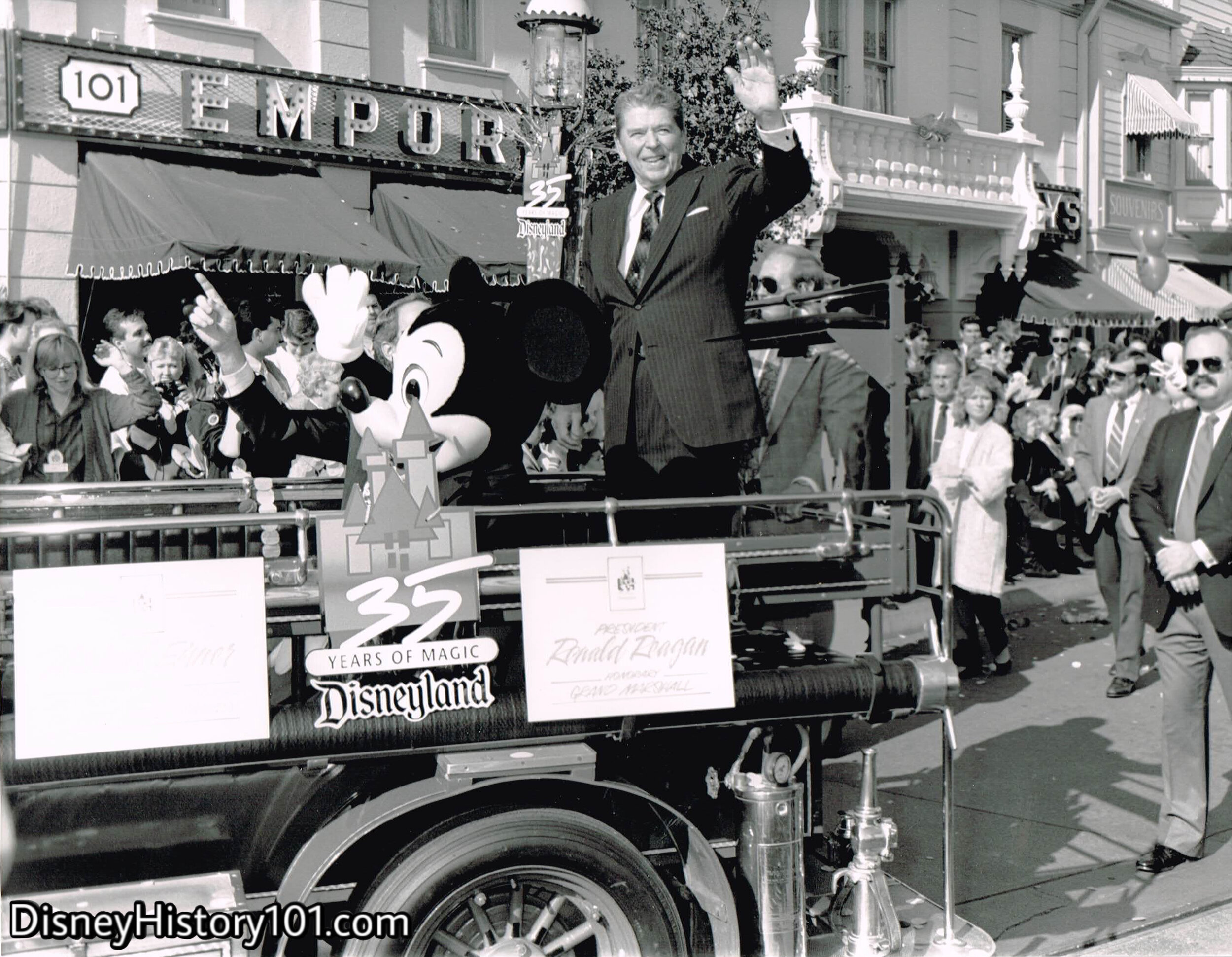
Mickey Mouse and Minnie Mouse were joined by Roy E. Disney, Michael Eisner, Ronald Reagan, Art Linkletter and Bob Cummings for a rededication ceremony. Disneyland’s first two guests also returned for the celebration! President Ronald Reagan would briefly speak at the rededication of Disneyland, calling it “a national treasure.” You may recollect that Ronald Reagan hosted the televised dedication of Disneyland in 1955 alongside Bob Cummings and Art Linkletter.
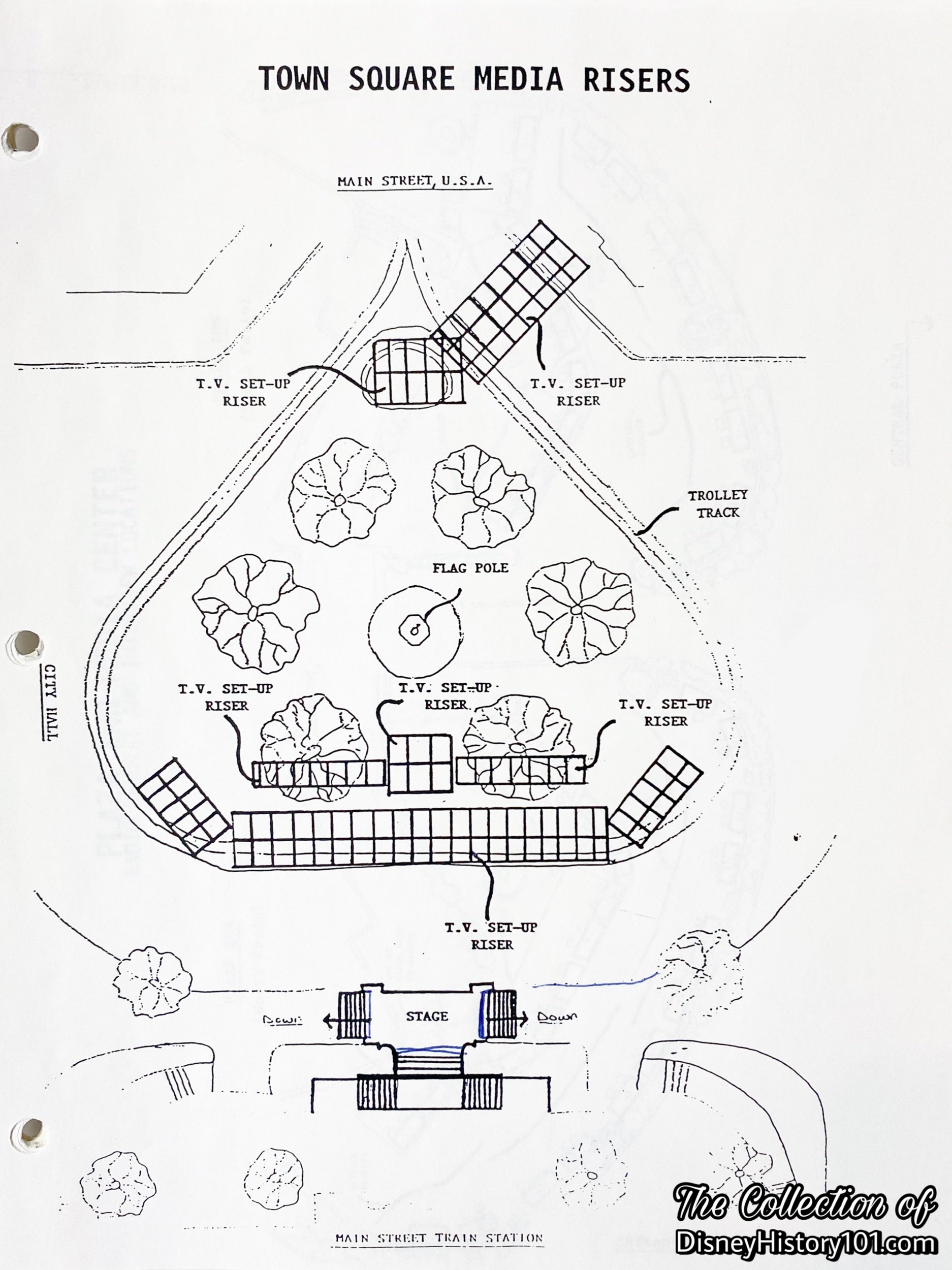
In taking to the stage below the Main Street Station in Town Square, President Ronald Reagan confessed : “Its an honor and a privilege to join with you as we rededicate one of America’s treasures - a place that has captured the imagination and earned the affection of four generations of Americans, and a place that has served as host and “Goodwill Ambassador” to millions of visitors from abroad. Disneyland exemplifies the essence of the American spirit and continues to show us the way to follow our dreams - however big or small!”
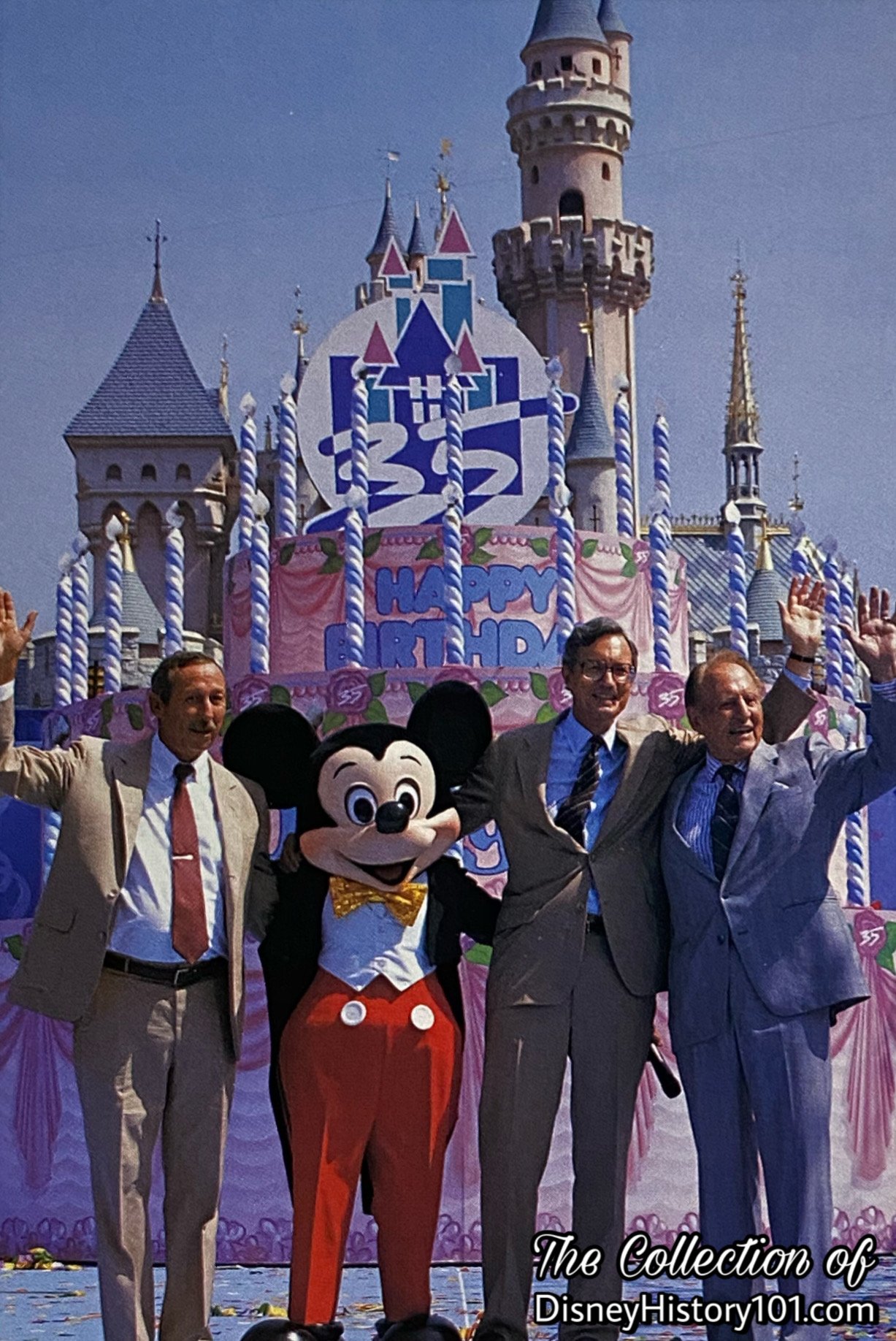

During the 35th anniversary, the Plaza Inn porches (south and north) were used as interview areas for the event. The Interview Center was located in the South Solarium in the Media Center at the Plaza Inn.
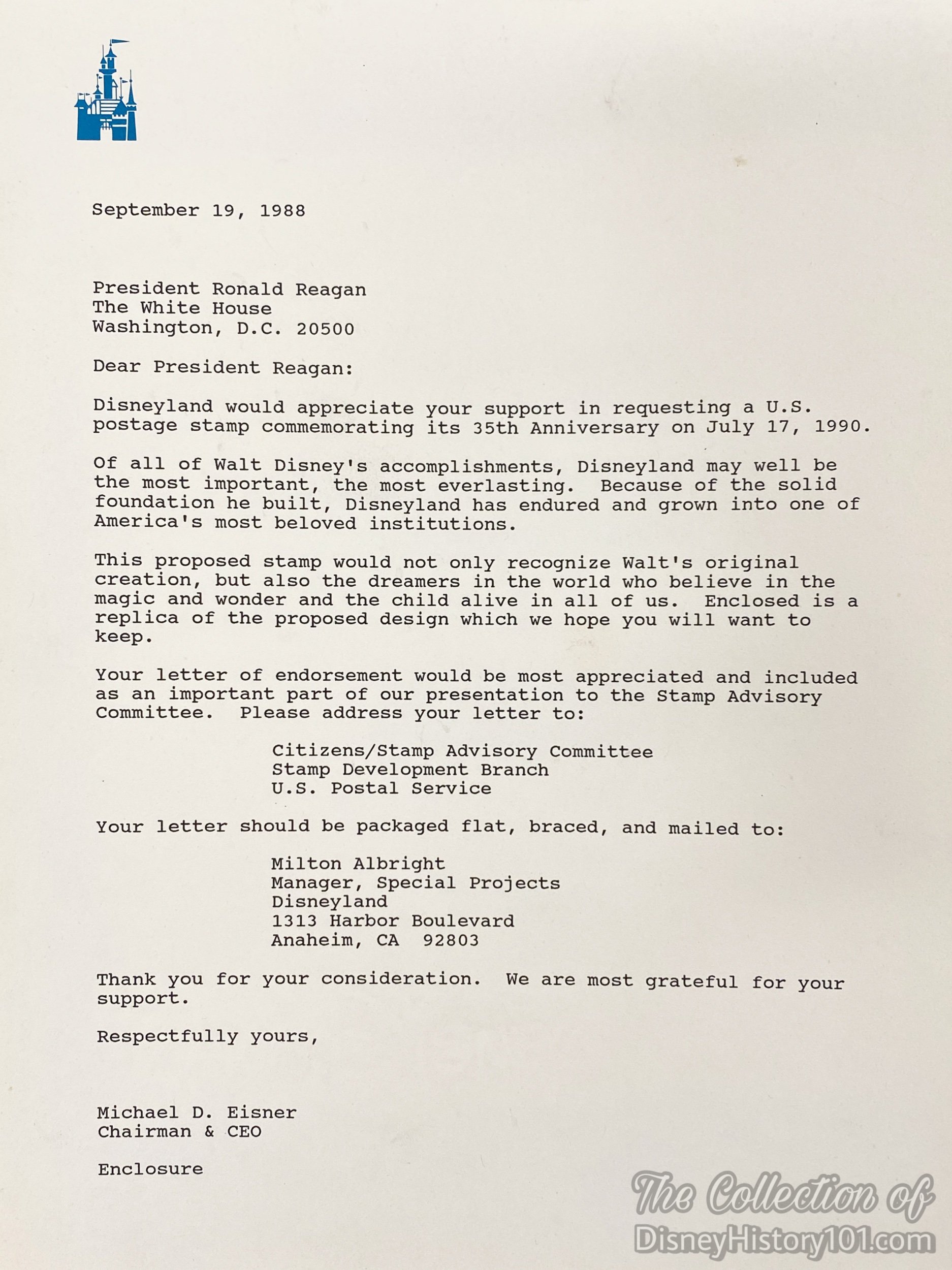

The proposed Walt Disney stamp was reviewed by the U.S. Postal Service. The plan was to have a "First Day of Issue" ceremony at Disneyland on July 17th.
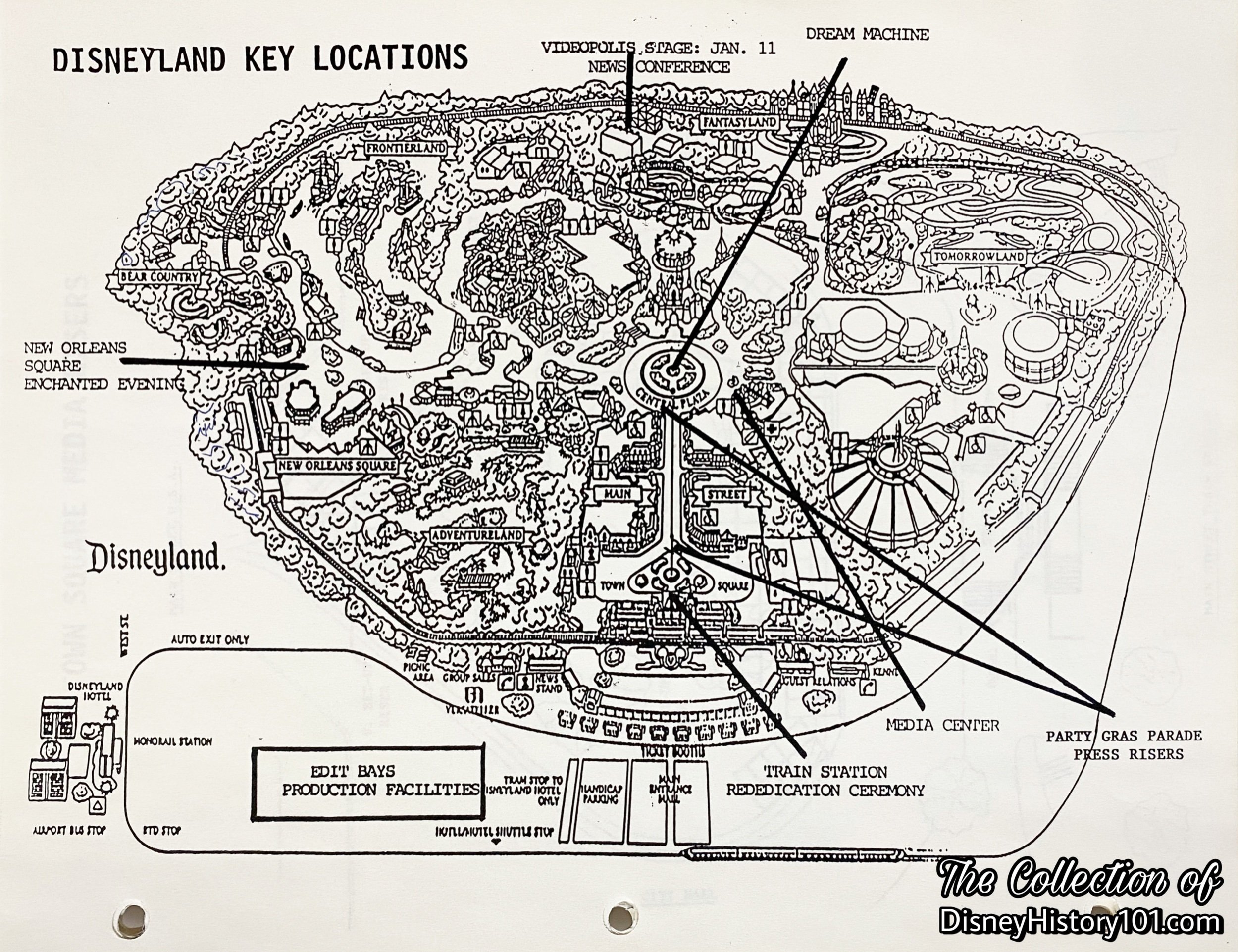
Even before the Main Entrance, the milestone event was celebrated. An enormous (12'x 15’) assemblage of 35 years of Disneyland memorabilia (by Ridlon) was on display in the Main Entrance Mall throughout 1990. During October of 1990, a promotion of the General Motors 1991 car line was displayed in the Main Entrance Mall. This served as an exclusive introduction of the new product line.
From September 20-23, 1990, a UNICEF Charity Auction tie-in event between Disneyland and with the UNICEF International Children's Conference hosted 40 top world leaders at the United Nations. Both Gorbachev and Bush were present at Disneyland to acknowledge children around the world in a major press event generating worldwide publicity.
During November of 1990, an exclusive Charity Auction offered 35 years of collectible Disneyland memorabilia. Sotheby's assisted in planning and executing the auction. All monies raised were donated to charity. Some of the approximately 100 items auctioned included an original, hand-painted Carrousel horse; the "D" from the Disneyland marquee; an Autopia car, etc. By including well-known celebrities and items with an international theme, such as Small World dolls, worldwide press coverage resulted.
The Great American Race was themed to the 35th Anniversary.
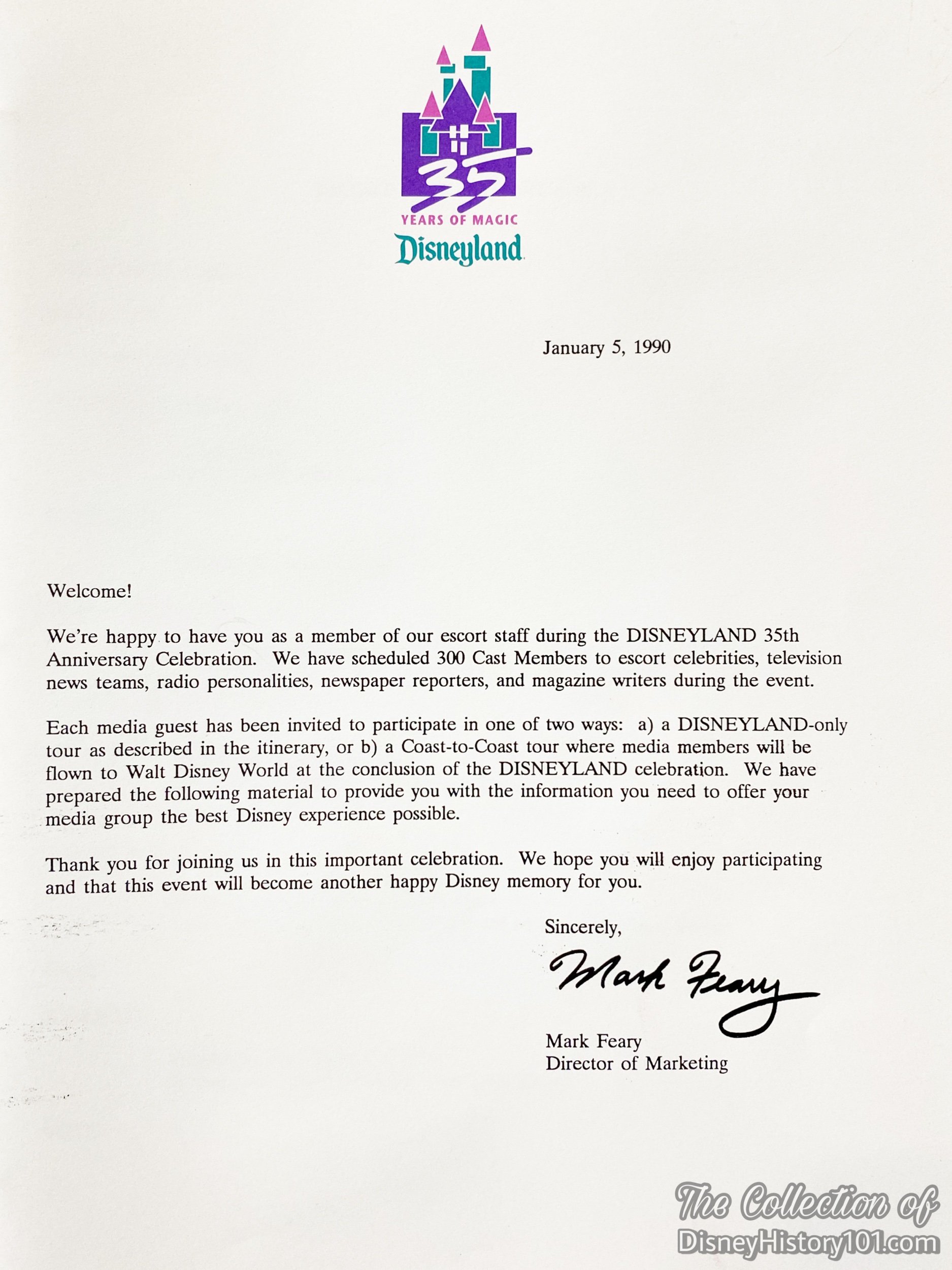
Escorts wore a white 35th Anniversary logo sweatshirts accompanied by Disneyland name tags and their Press I.D.s.
The itinerary included the Opening Day Rededication Ceremony at the Main Street Train Station, Party Gras Parade, and a News Conference at the Videopolis Stage. Dinner in New Orleans Square included entertainment performances by the Four Tops on the River Stage at 8:30pm.
There was a Splash Mountain Backdoor event scheduled for the media. The Plaza Inn porches (south and north) were used as interview areas for the event. The Interview Center was located in the South Solarium in the Media Center at the Plaza Inn.
There was even an Embarkation Ceremony on the Queen Mary Ship’s Bow where the media attended a special Ship Christening Ceremony.
A special partial performance of the Party Gras Parade was pre-staged for the media. It was not a normal performance of the parade. The parade would step off at Small World and hold at Matterhorn Way until celebrities were in place on the floats.
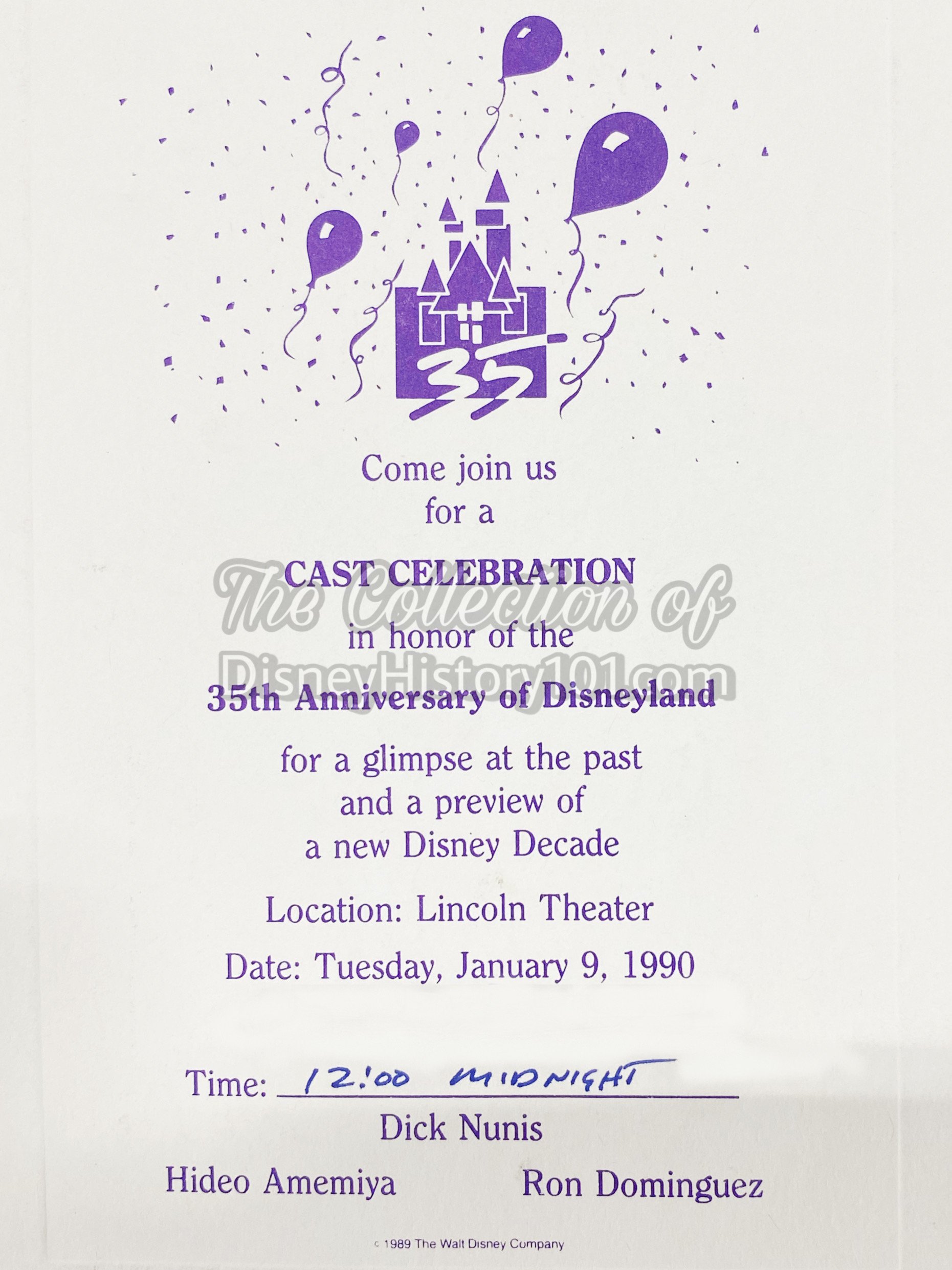
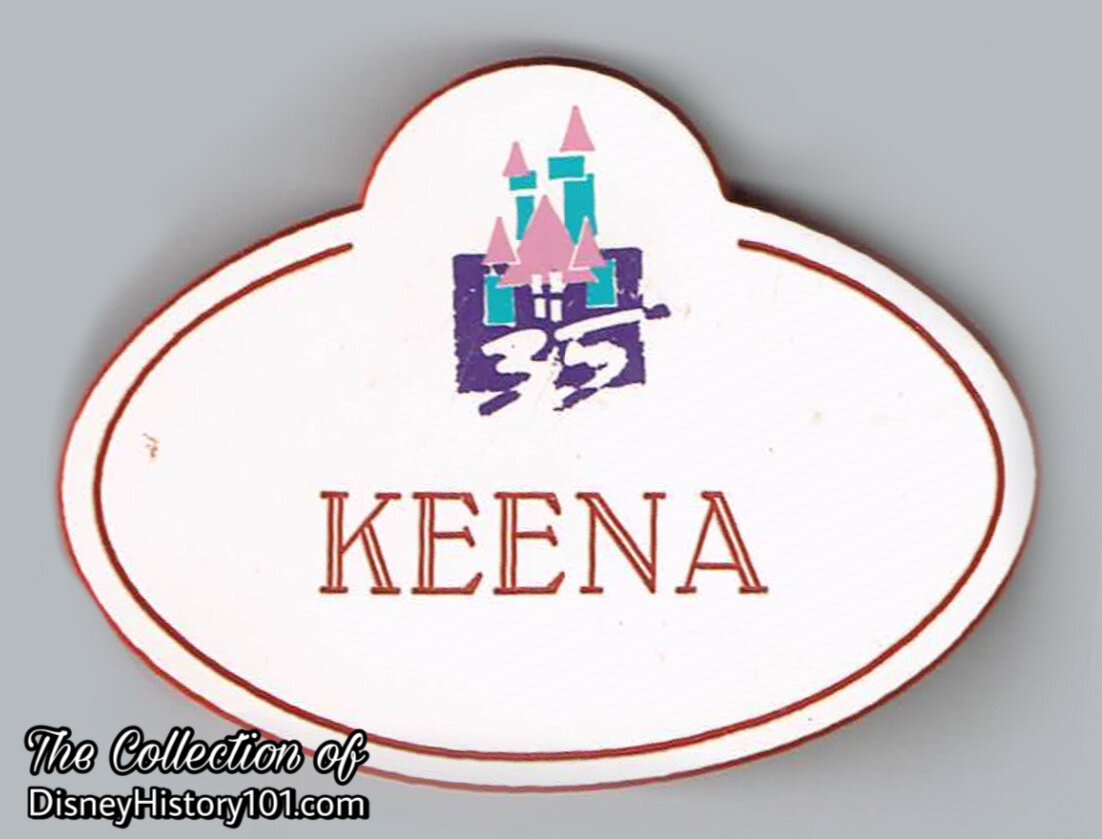
Current Disneyland Cast Members got into the spirit of “Disneyland - 35 Years of Magic” with commemorative name tags bearing the anniversary’s logo!
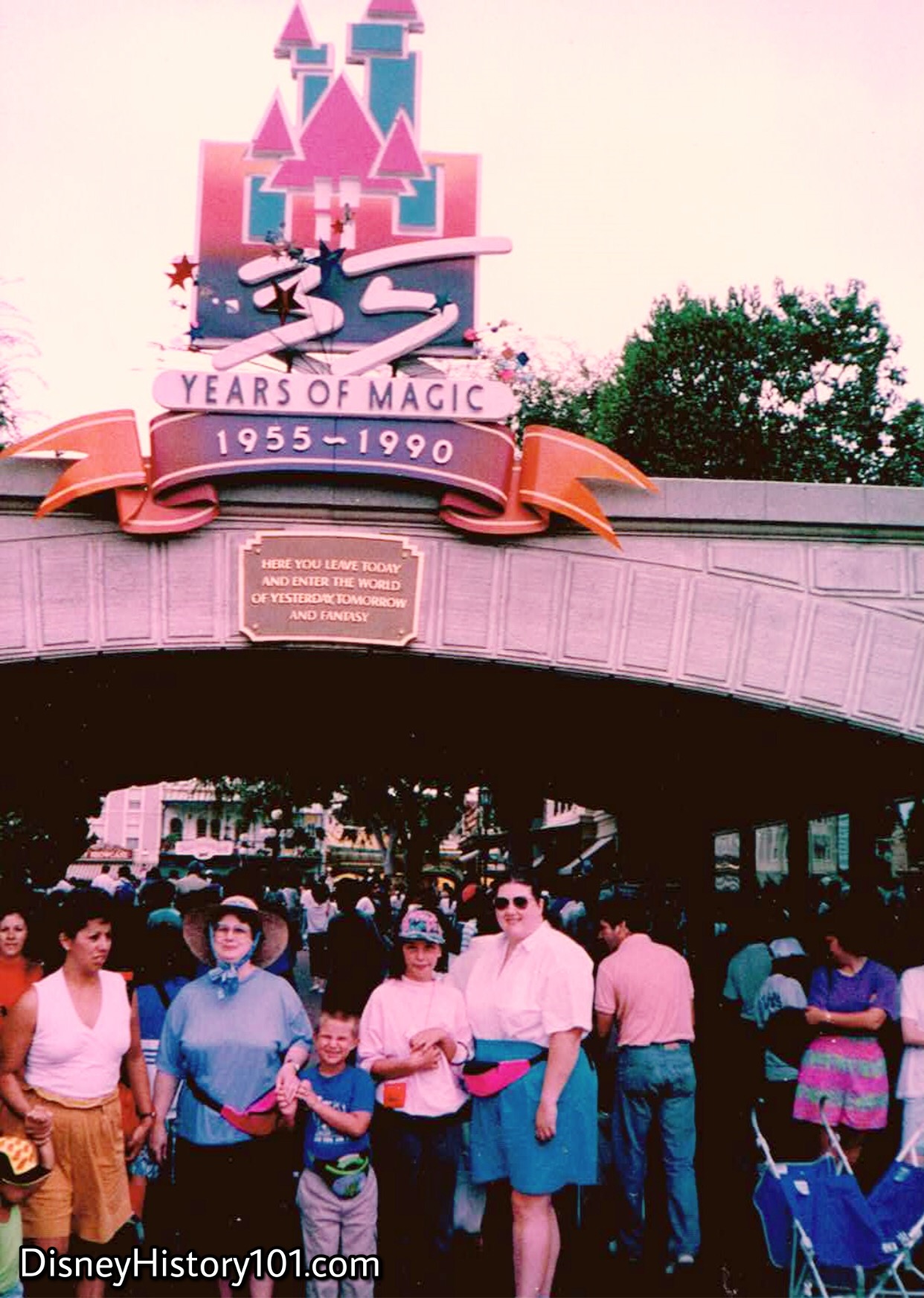
At Disneyland, signs were themed to support the stories with respectful graphics, colors, fonts, terminology, the overall design of sign, materials (wood, metal, banners, etc.), and verbiage used on the signage. Two giant Thirty Five Years of Magic signs hung over the Disneyland Tunnels leading to Main Street U.S.A.
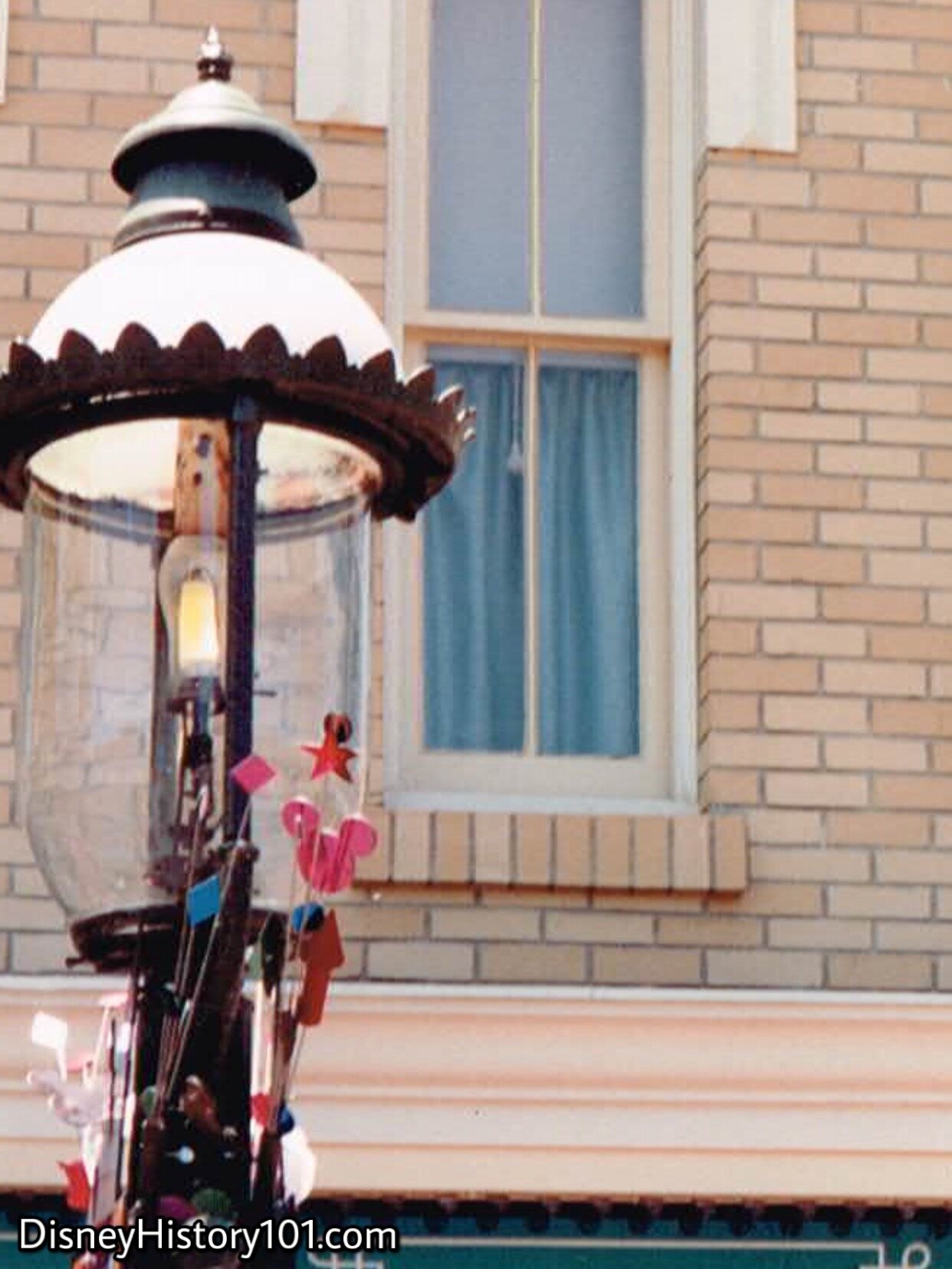
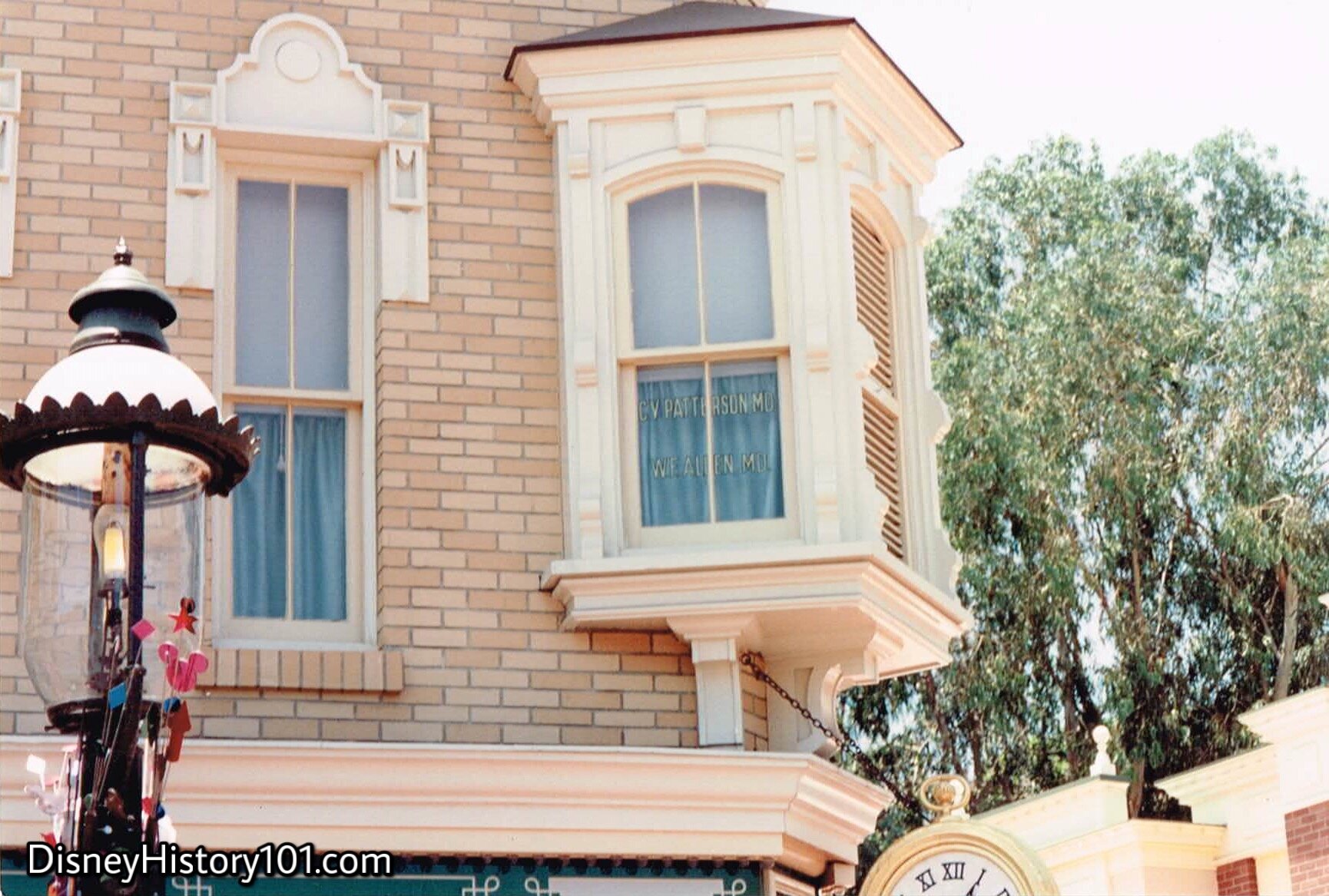
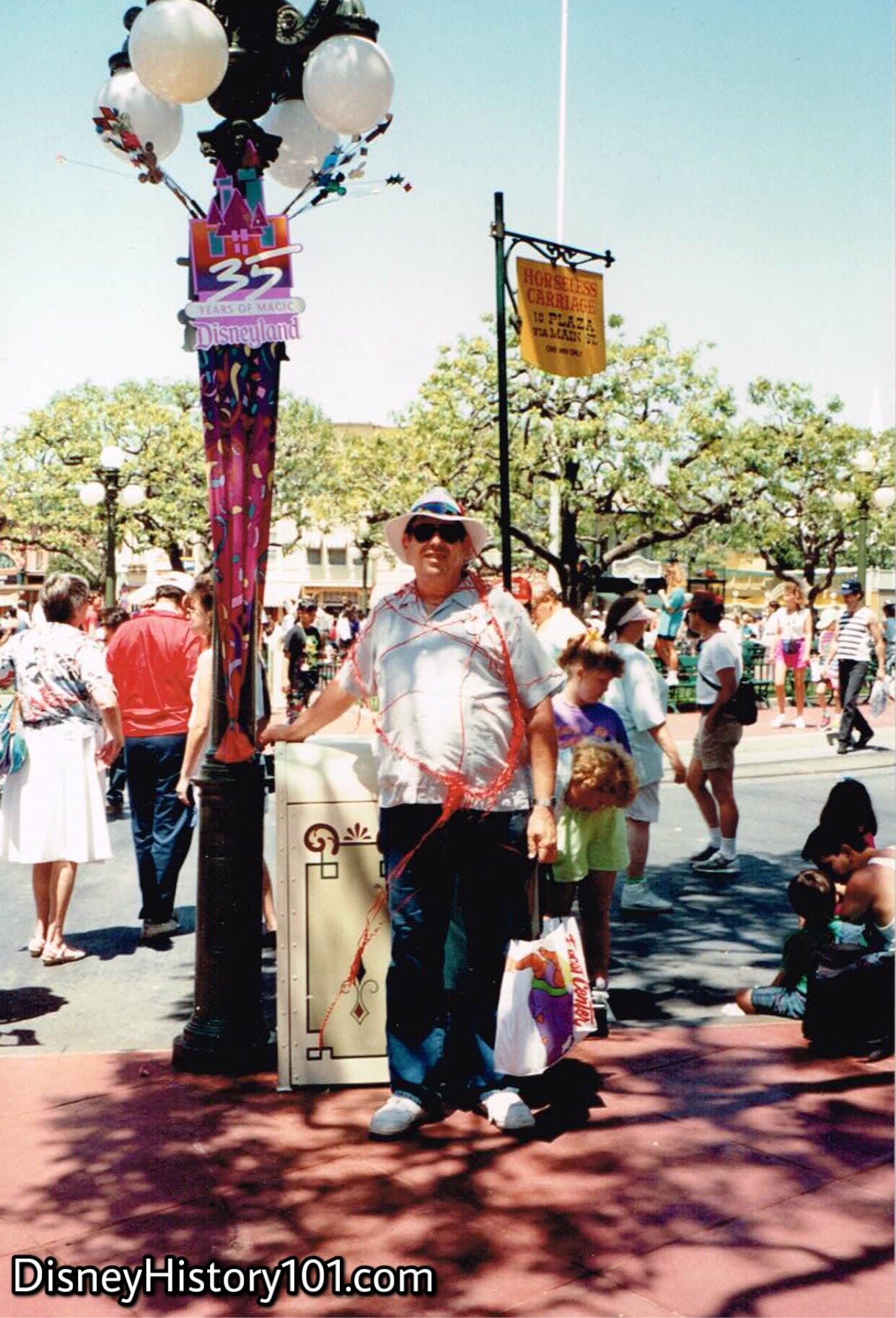
Colorful and festive bunting (as well as reflective decor), were created for the lampposts that lined Main Street U.S.A.!
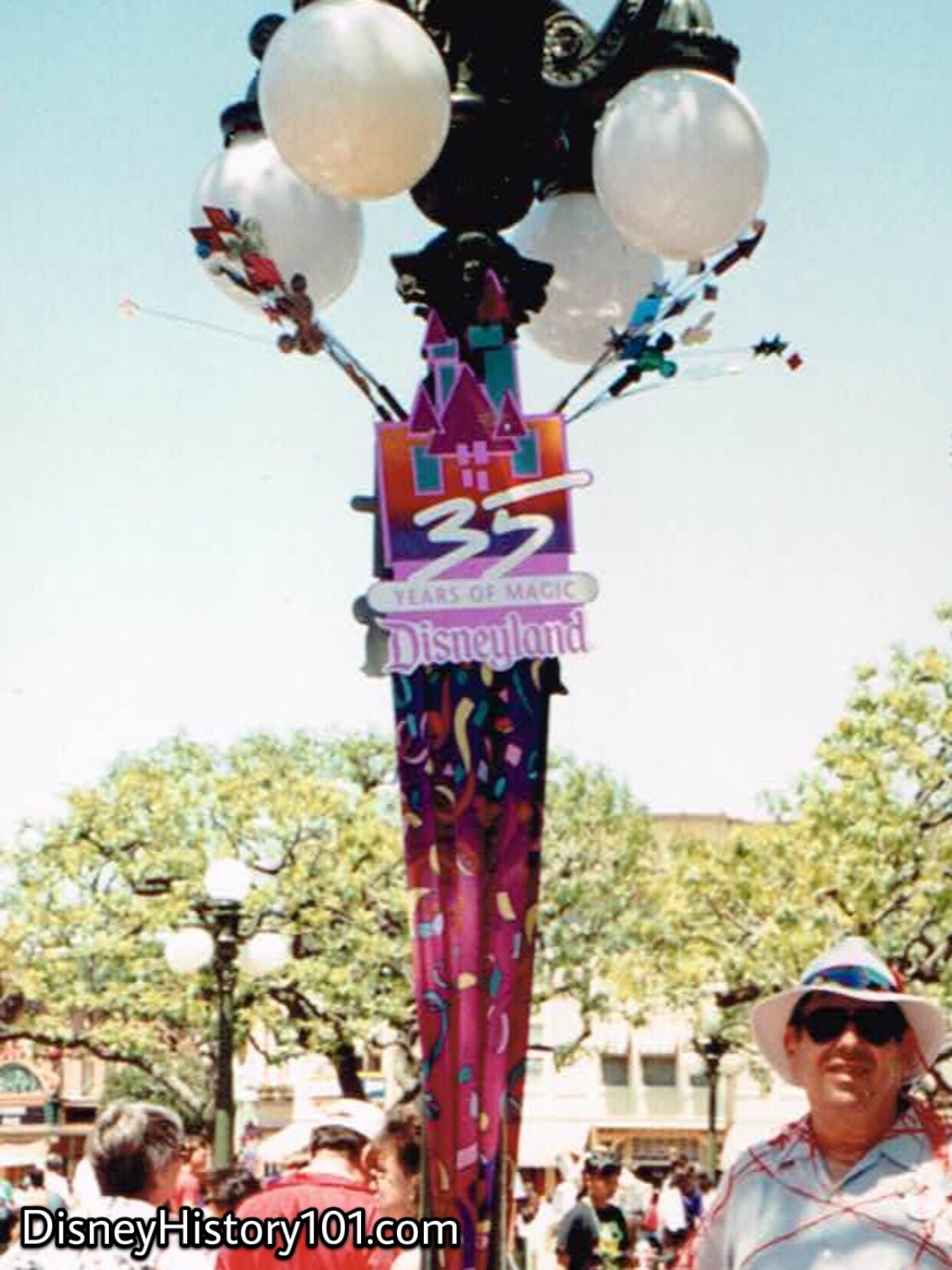
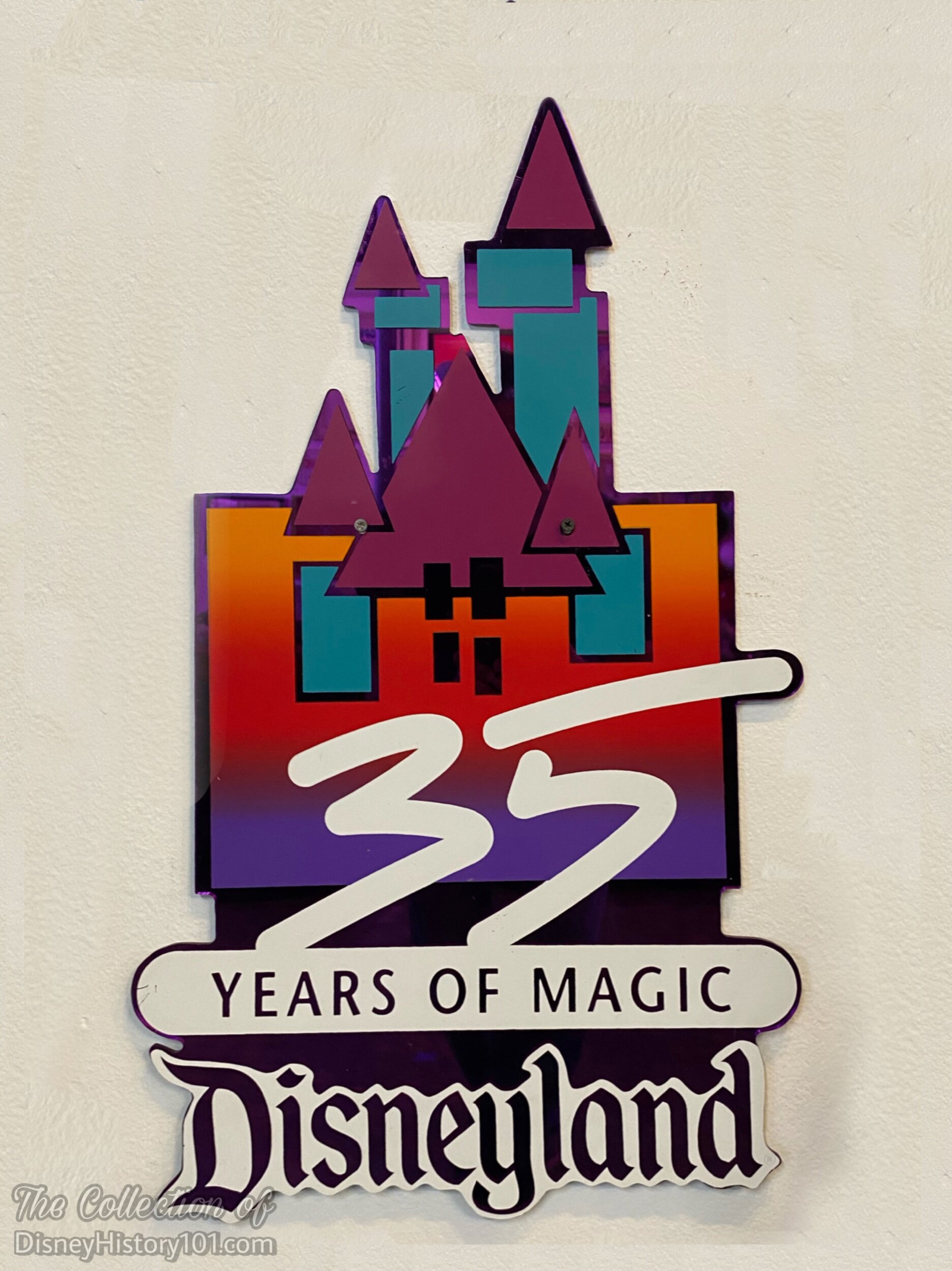
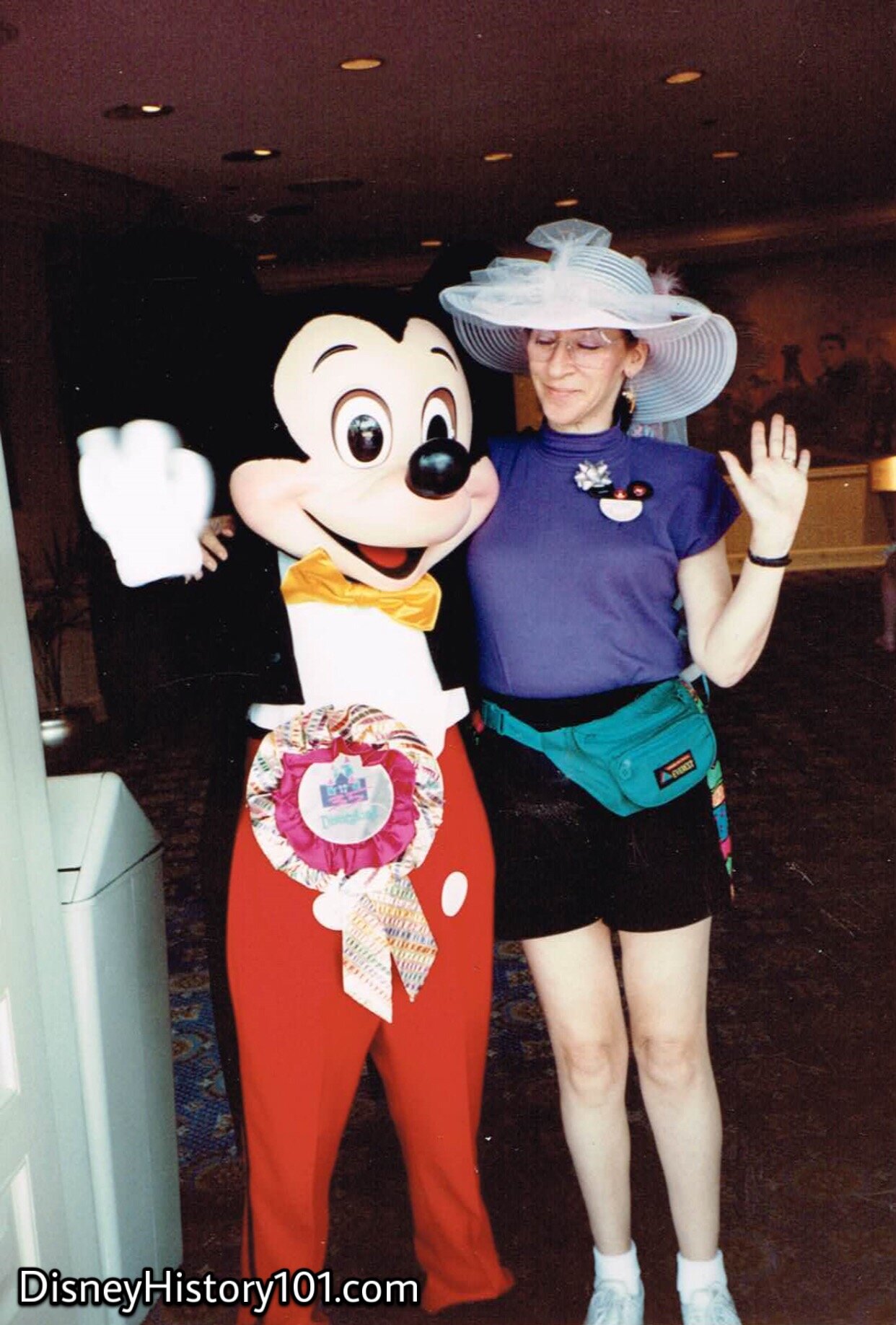
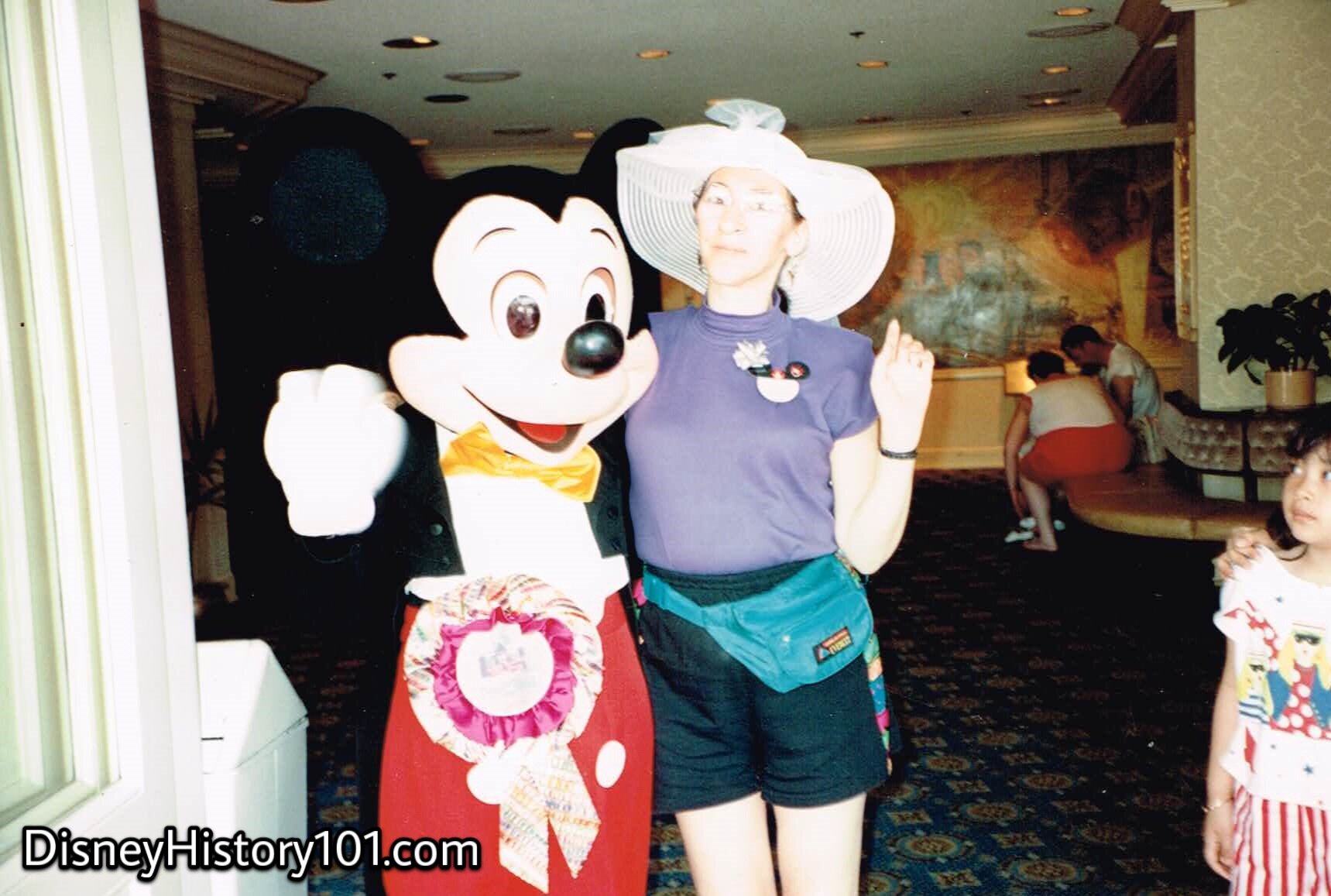

The Central Plaza hosted a character meet and greet area near a backdrop of the Park’s 35th anniversary logo! Here, Disneyland guests could meet special guests, like the Gummi Bears (the current stars of Disney Television Animation) when they weren’t appearing on the Disney Afternoon Cavalcade parade.
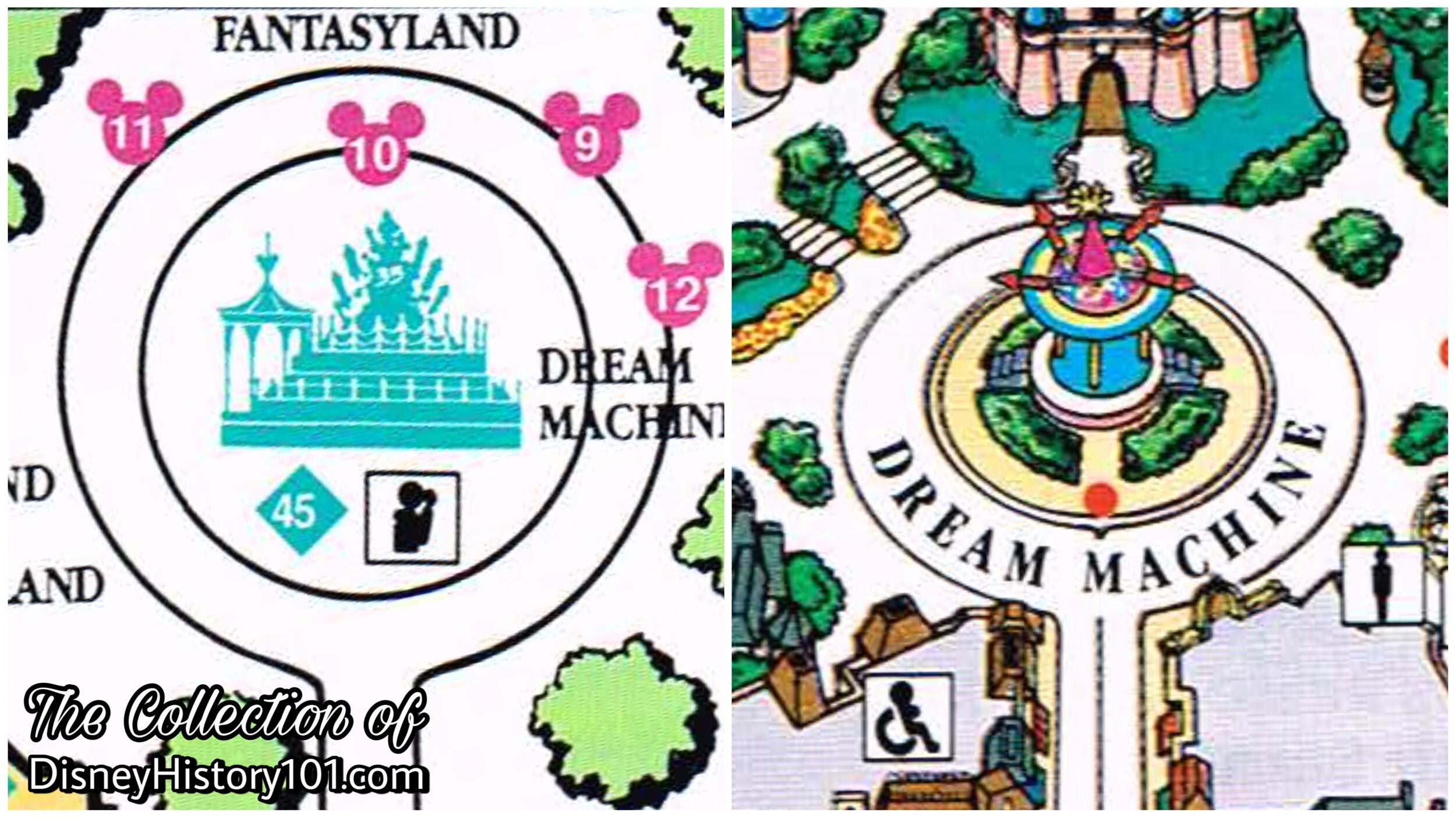
Before the Partners Statue sat in the Central Plaza, the area was often used for photographic backdrops and promotional displays. Though it was impossible to miss the Dream Machine, Disneyland maps detailed its location (in the center of the Plaza) for guests!
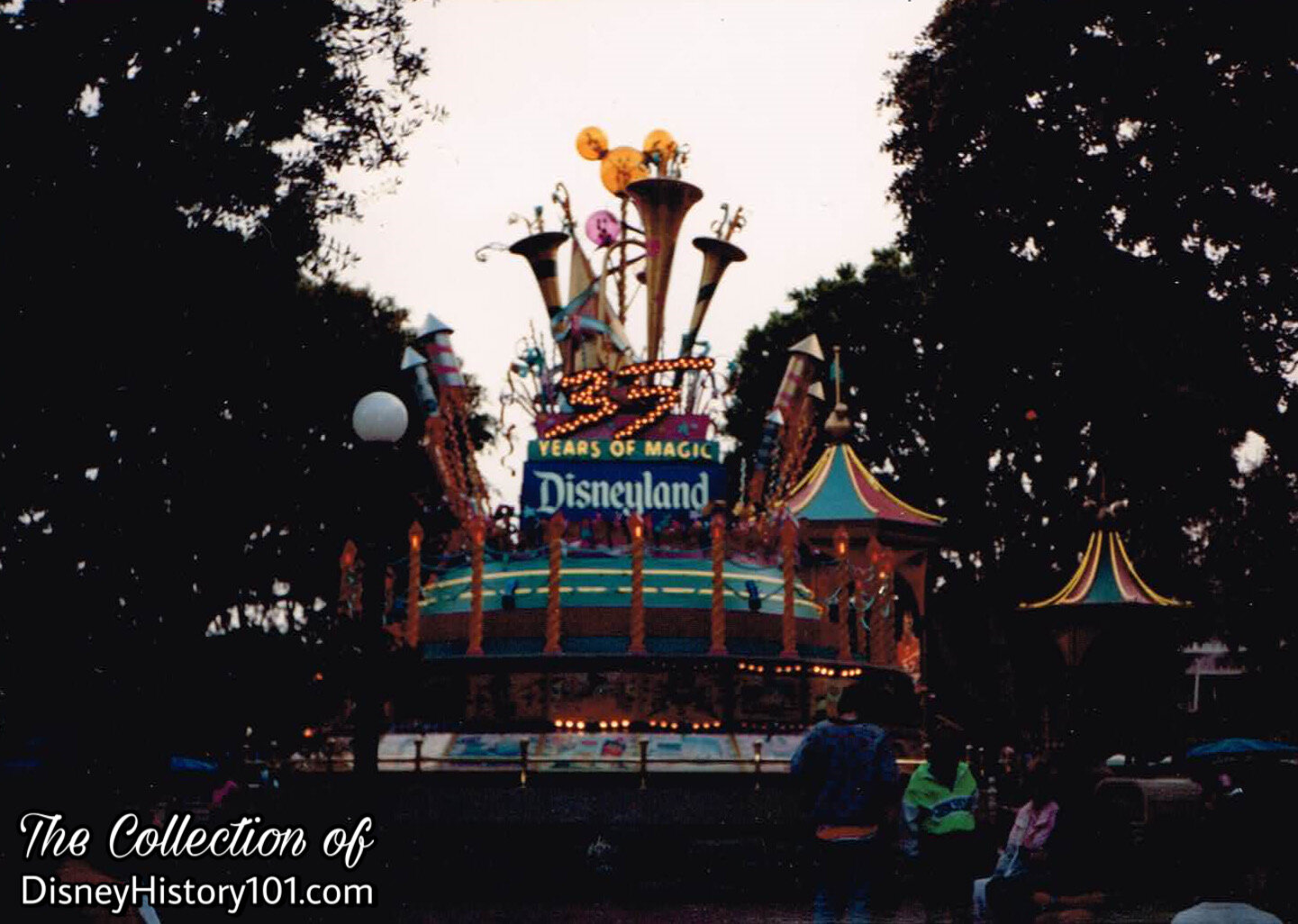
In Disneyland Plaza, the dazzling “Dream Machine” was dedicated before giving away millions of dollars in prizes! The giveaway offered one lucky lever-pulling Guest the chance to win a brand new 1990 General Motors Geo or 1986 Pontiac Firebird every day. Millions of dollars worth of giveaways were awarded to guests throughout 1990, including Delta Arlines tickets, one million dollars in U.S. Savings bonds, and 400,000 other fabulous prizes (like Mickey Mouse watches and Disney Home Videos on VHS)! All of this was in celebration of the biggest party in Disneyland’s 35-year history! Hometown publicity stories were planned around guest experiences at the birthday machine, located at the Hub.
Among the winners of a car were Anna Hernandez
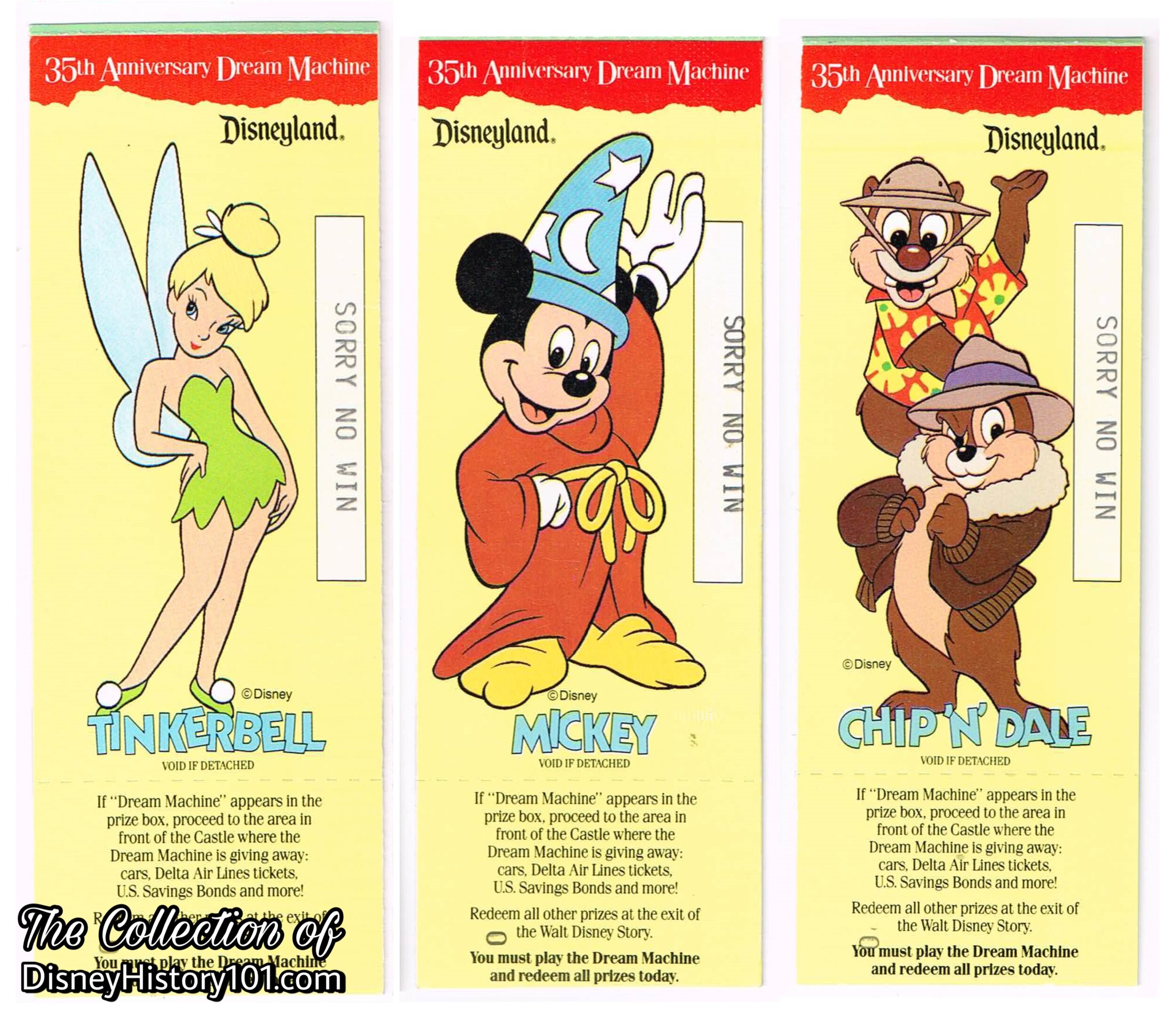
The majority of Disneyland 35th Anniversary Dream Machine Tickets featured a number of colorful Disneyland characters, so whether you were a winner (or not) the tickets became popular collectables among guests!
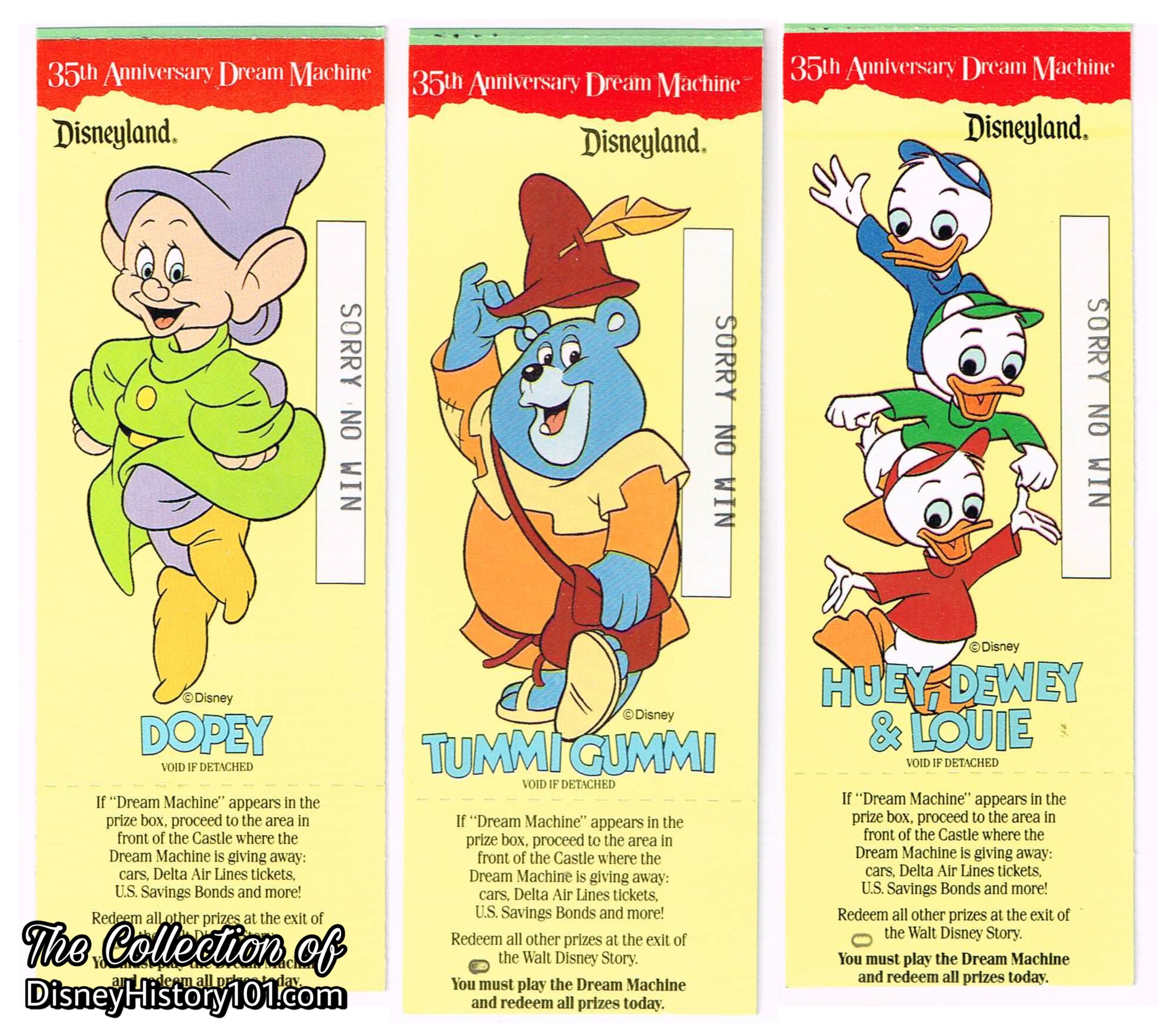
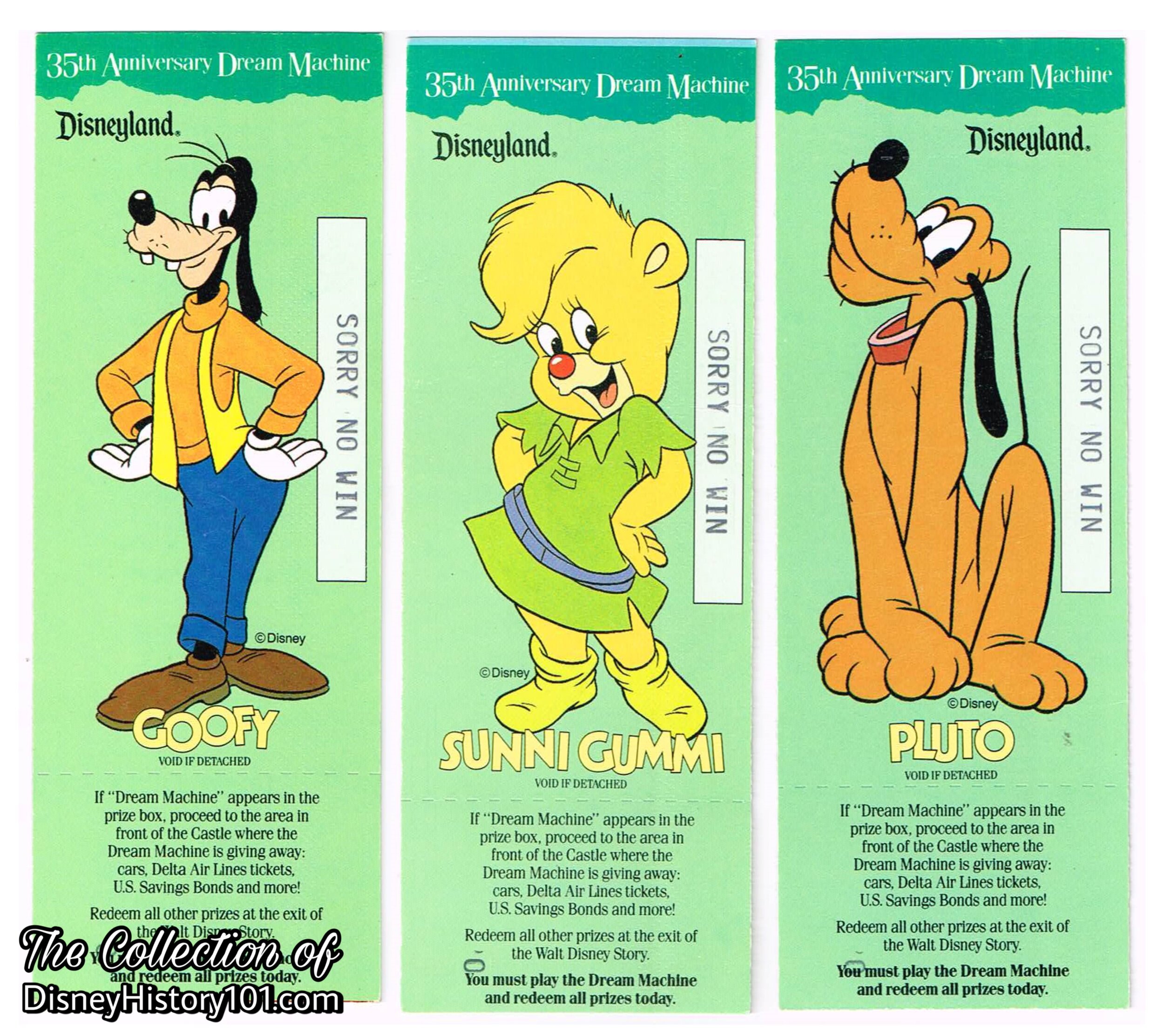


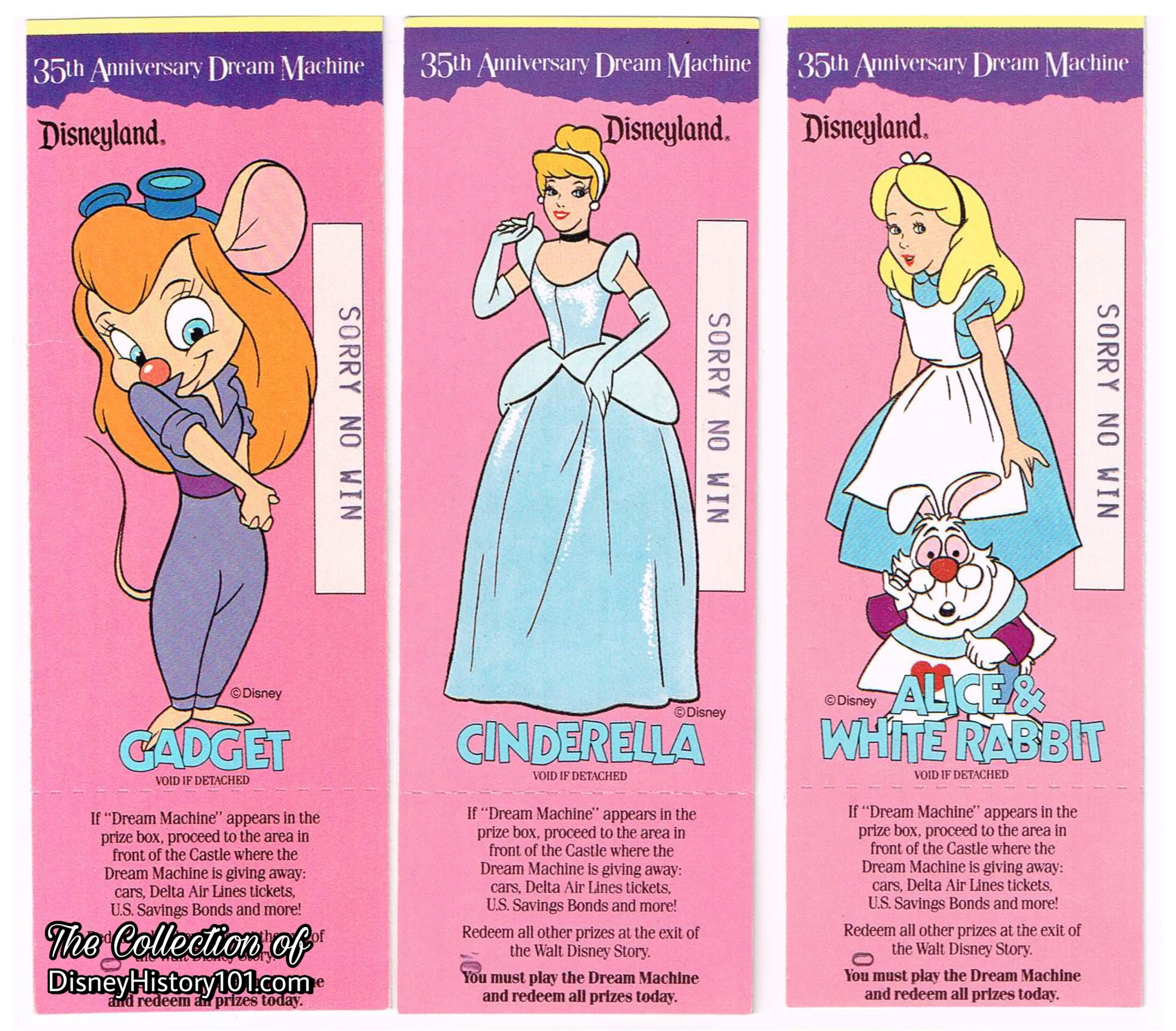
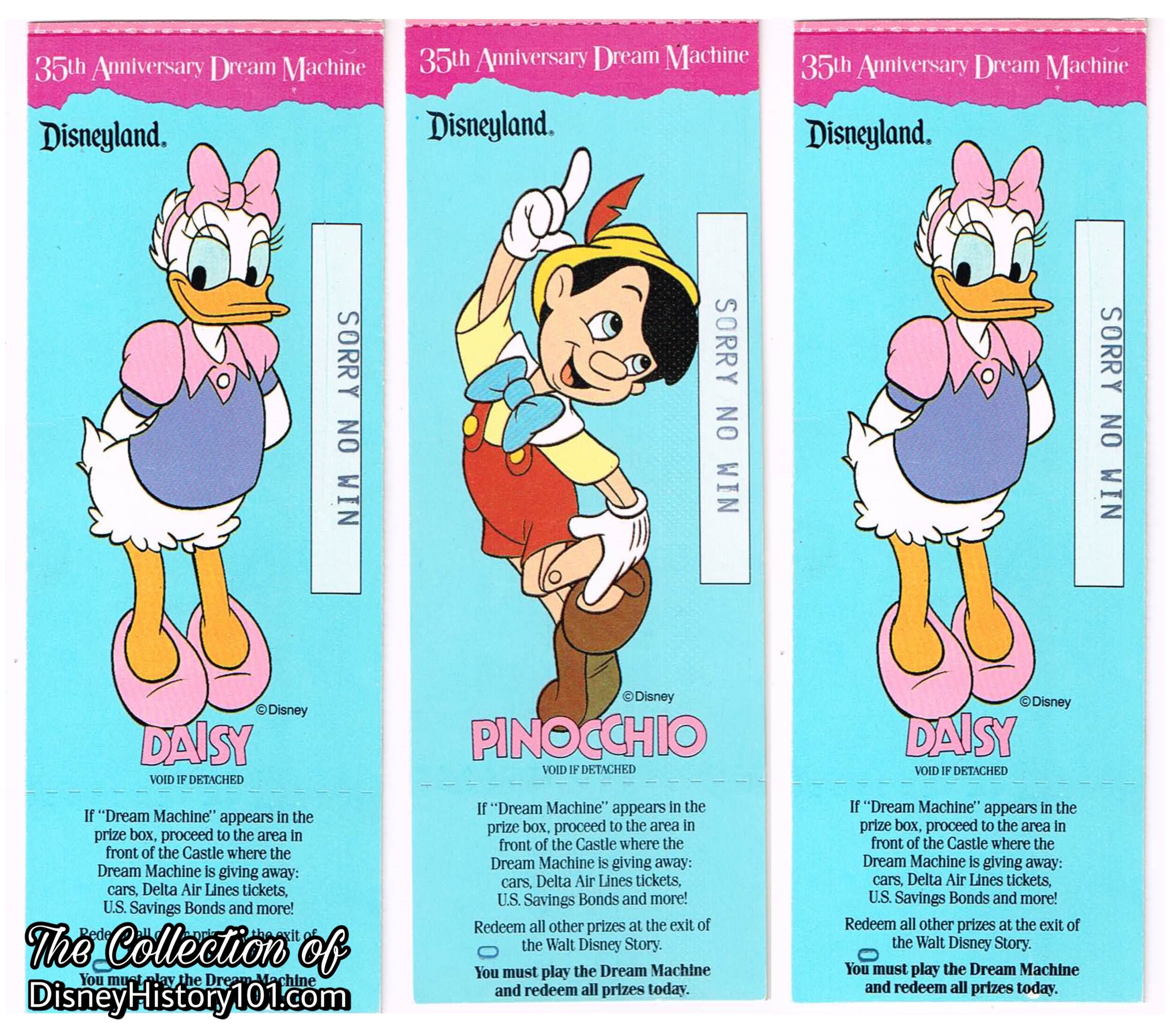
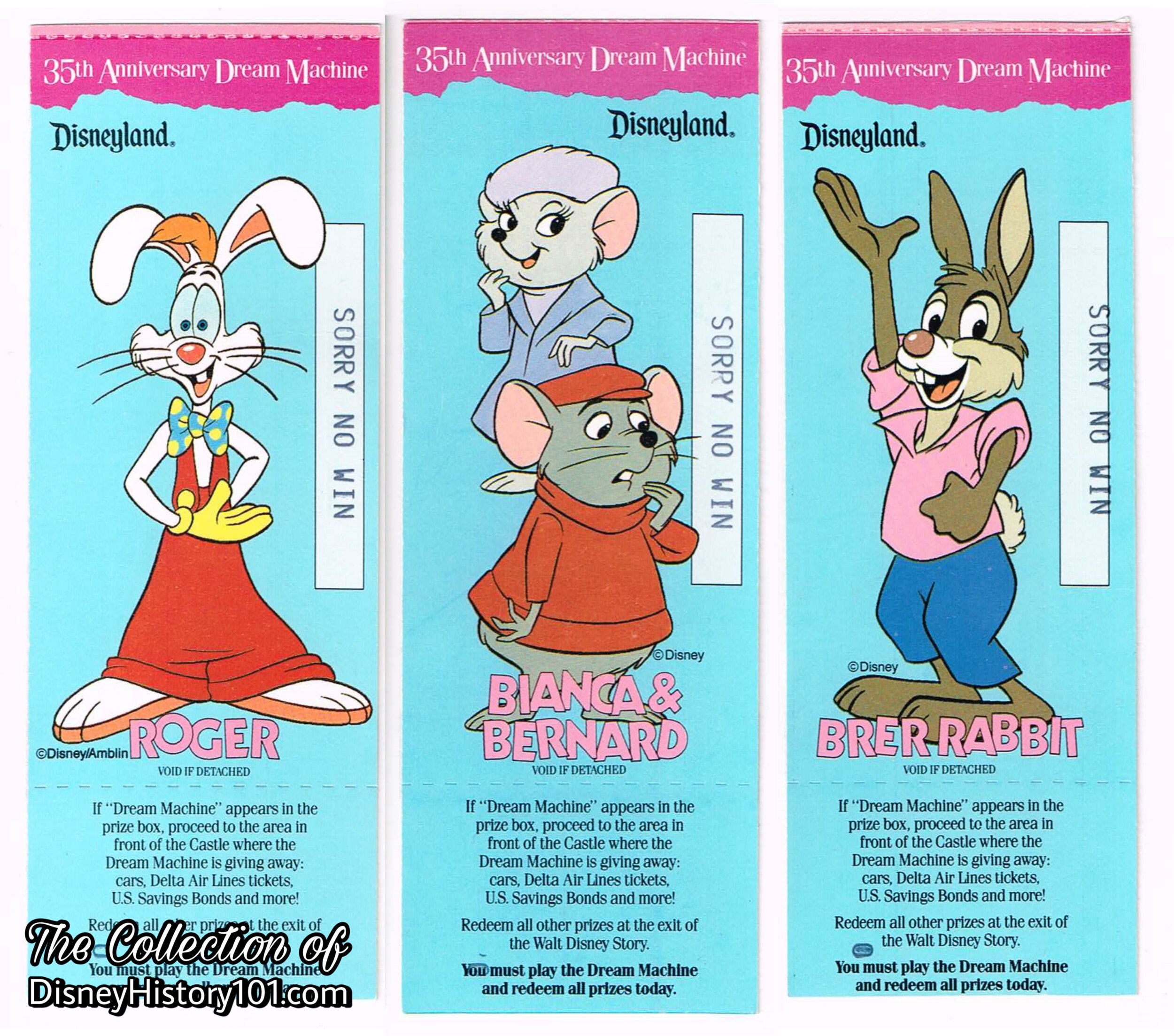
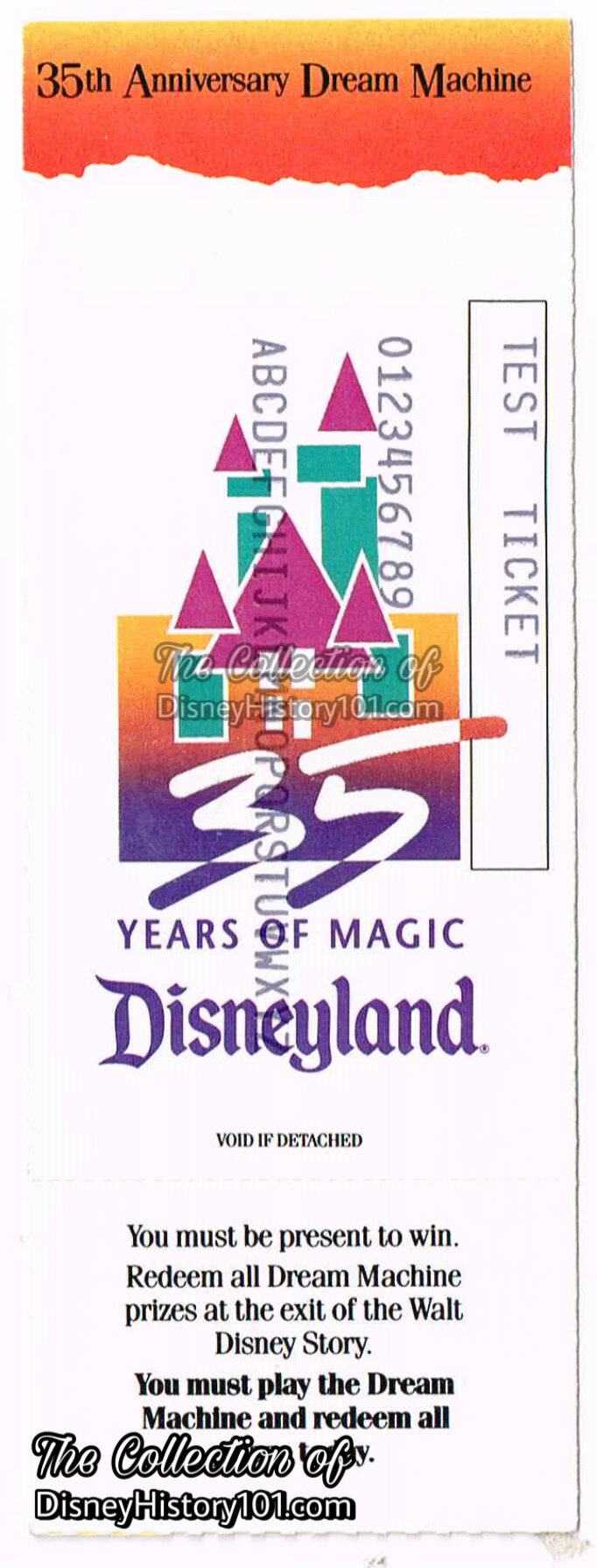
One particular rare style of Disneyland 35th Anniversary Dream Machine Ticket featured the event’s logo!
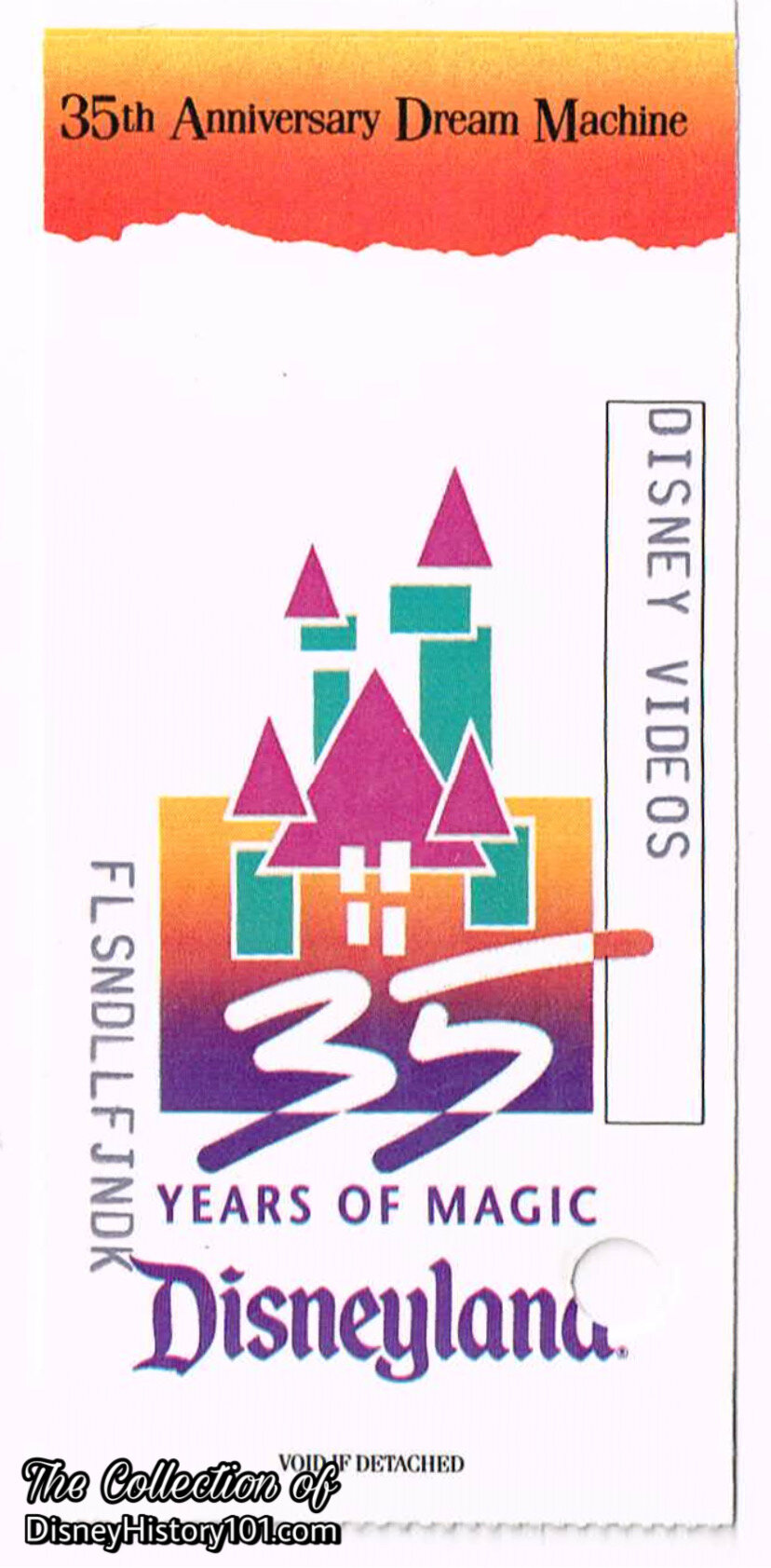

This award was given to Jack Lindquist (“a dreamer, a guru”), and an honored member of the team that dreamt up the “Dream Machine” for Disneyland’s 35th! The trophy given him features the actual “Dream Machine” handle, which was triggered by 72,822 Disneyland guests during “the 35th Anniversary Year 1990”. But, just who was Jack Lindquist?
Like Walt, Jack too was born in Chicago, but on March 15th, 1927. As a boy, he became a child actor with a filmography including Hal Roach’s “Our Gang” series, and the Lucille Ball film “Best Foot Forward”. After graduating Hollywood High School, he spent two years in the United States Air Force, and attended the University of Southern California. These were all fine accomplishments, but things would really change for Jack Lindquist that would make him a household name among later Disney historians.
In 1955, Jack Lindquist was personally hired by Walt Disney to work in the Disneyland Marketing Department. Marketing was a division that Jack continued to be affiliated with for most of his career. In 1972, he was appointed Vice President of Marketing for Disneyland and Walt Disney World. Later (in 1982), he became Executive Vice President of Marketing for Walt Disney Attractions for Walt Disney World (including Independence Lake and EPCOT Center), Tokyo Disneyland and Disneyland Paris. He soon established the separate Marketing Division for Walt Disney World in Tokyo. In 1987, he was named President of Disneyland. This was a big deal. According to Jack: “At an awards banquet in 1989 it was announced that effective tonight, Jack Lindquist is the president of Disneyland. It was a complete surprise to me because we never had a president at Disneyland. I thought it was the best job in the world and there's just no better job.”
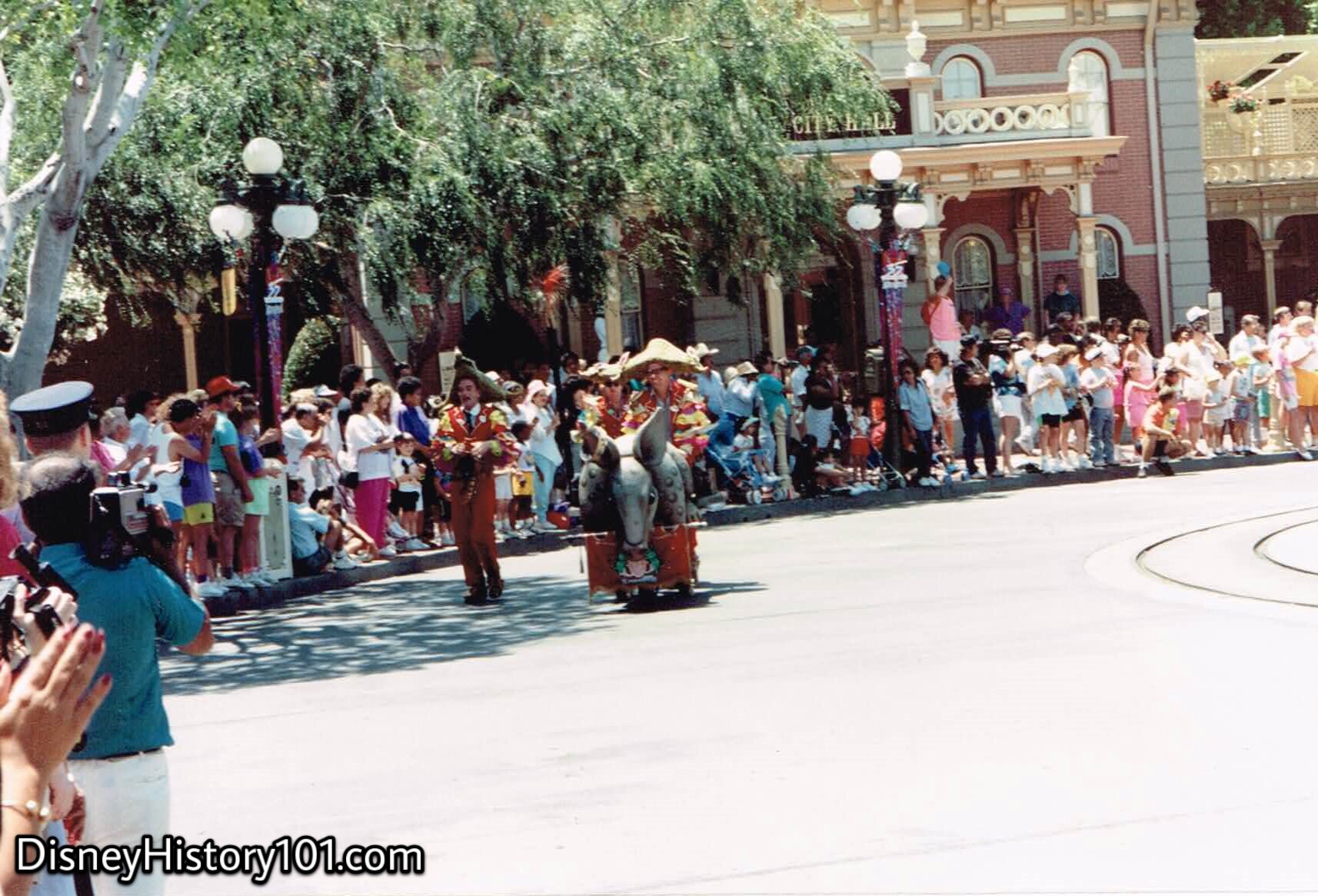
There were many interactive units of Party Gras! which invited guests to join the party, and perhaps the most memorable was the Extremely Secret Royal Eternal Fraternal Order of Armadillos.
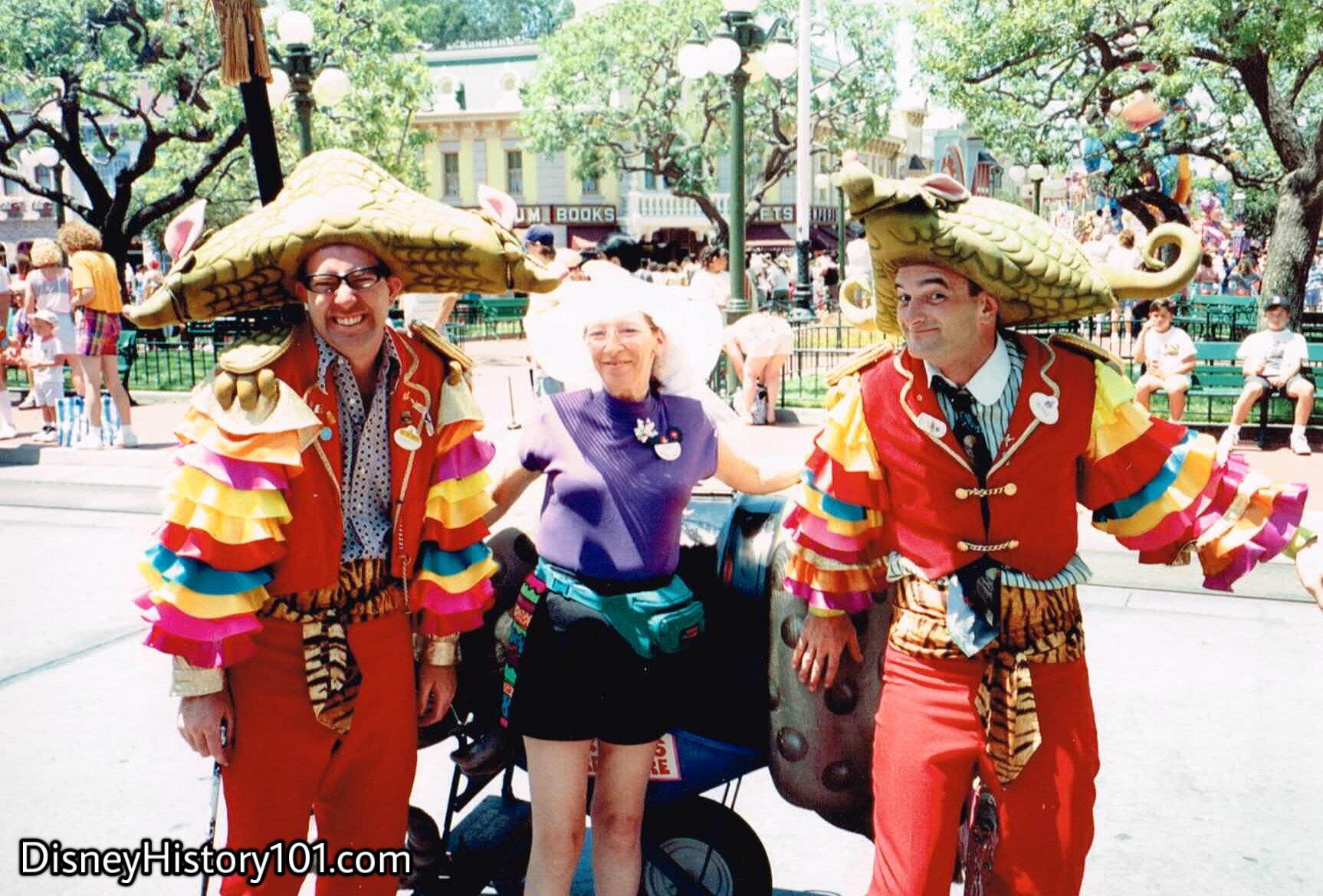
During “35 Years of Magic,” Atmosphere Entertainment complimenting the theme of areas was staged to entertain Guests on an immediate and personal level. Perhaps you recollect receiving colorful commemorative 35 Years of Magic coins from the Armadillos - members of the Extremely Secret Royal Eternal Fraternal Order!
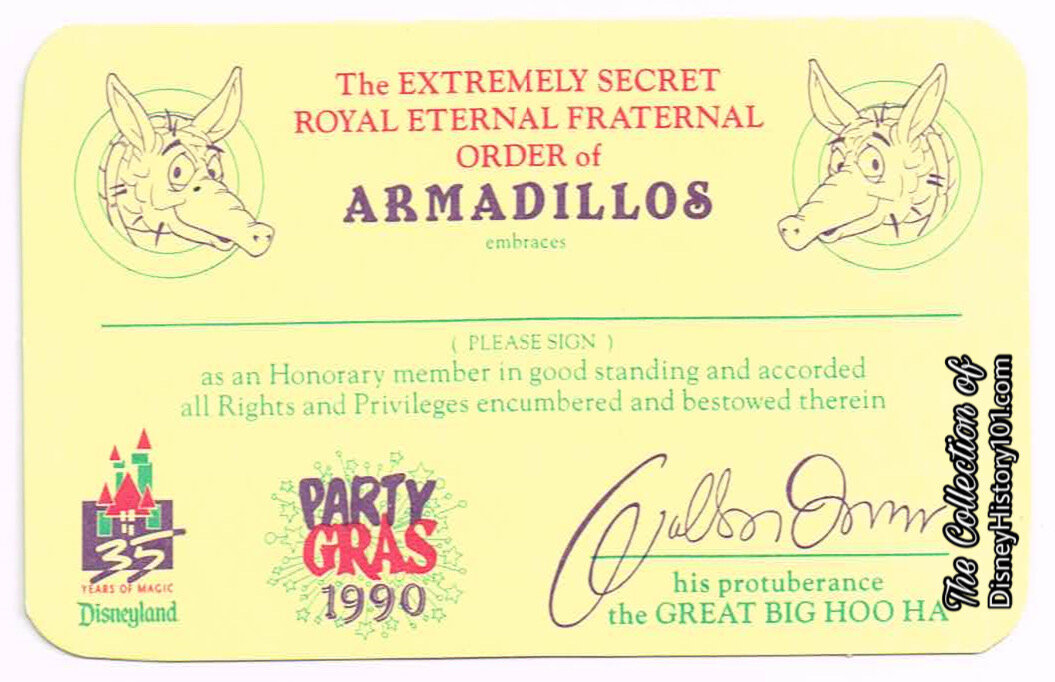
The Armadillos extended membership to some of the Party Gras guests, administering these cards to members added to the Order!
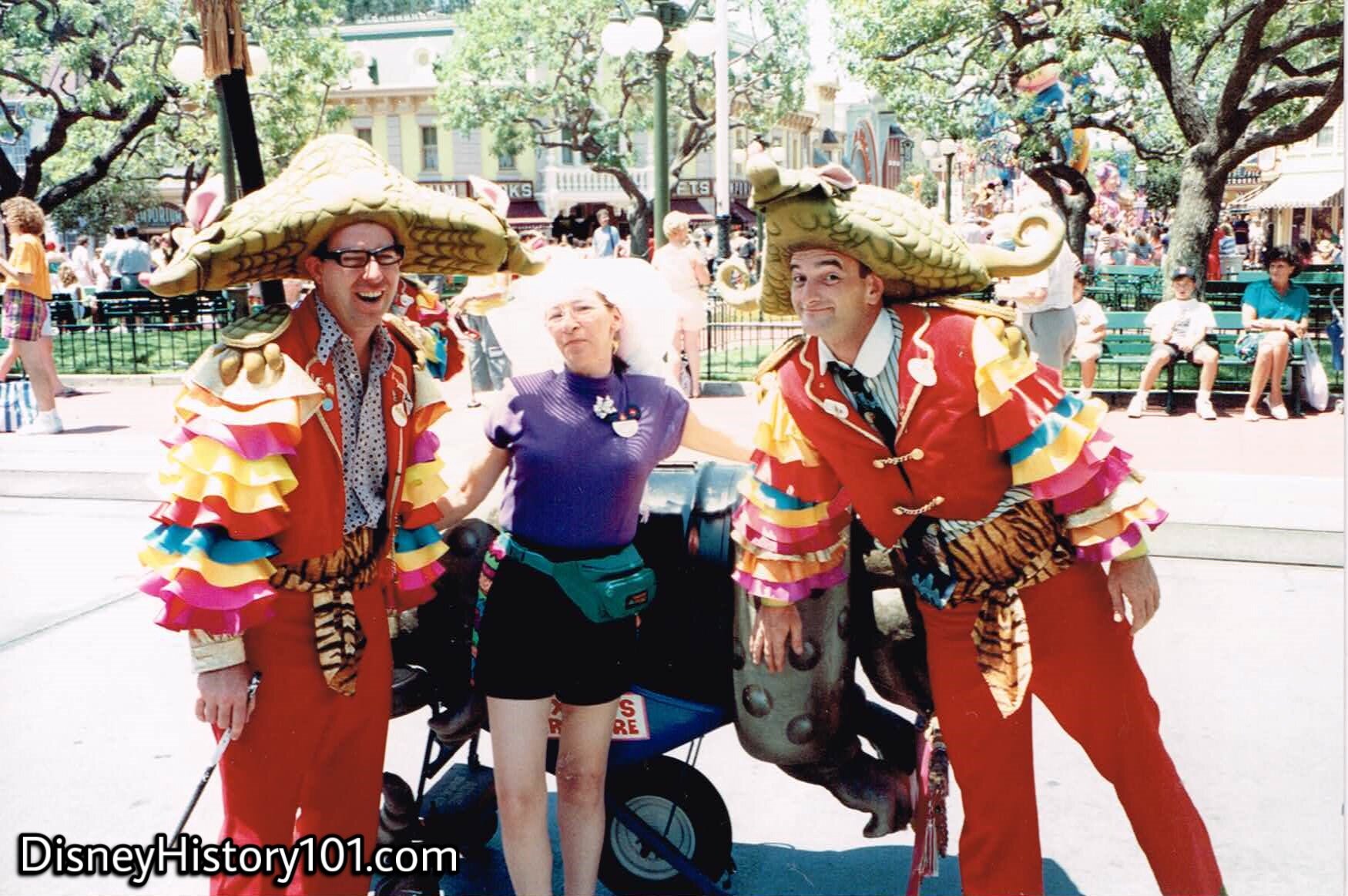
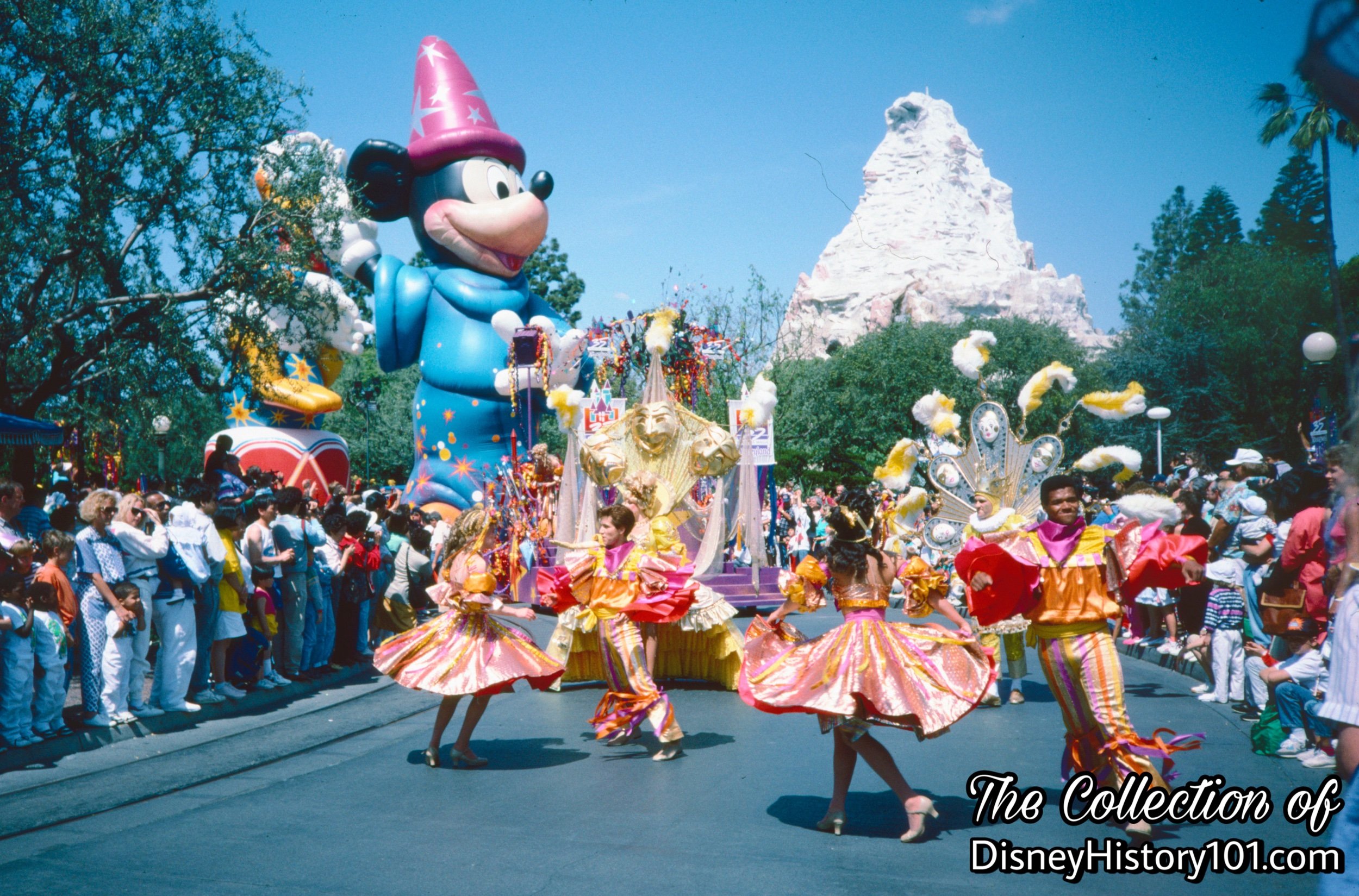
“Welcome to the celebration! Its a jubilation! It’s a Party Gras!” Party Gras - a brand new parade with a Caribbean-Calypso feel, directed by Disneyland Entertainment Senior Show Director Michael Maines (which ran from January 10 - November 18, 1990). The parade was inspired by a trip to New Orleans, by Michael Maines, Mike Davis (Disneyland Entertainment Director), and Bob McTyre (Vice President of Marketing and Entertainment). At two special selected points along the route (near Matterhorn Mountain, and on Main Street), the parade would stop to perform a street show and guests would be invited to do join the party and do the conga.
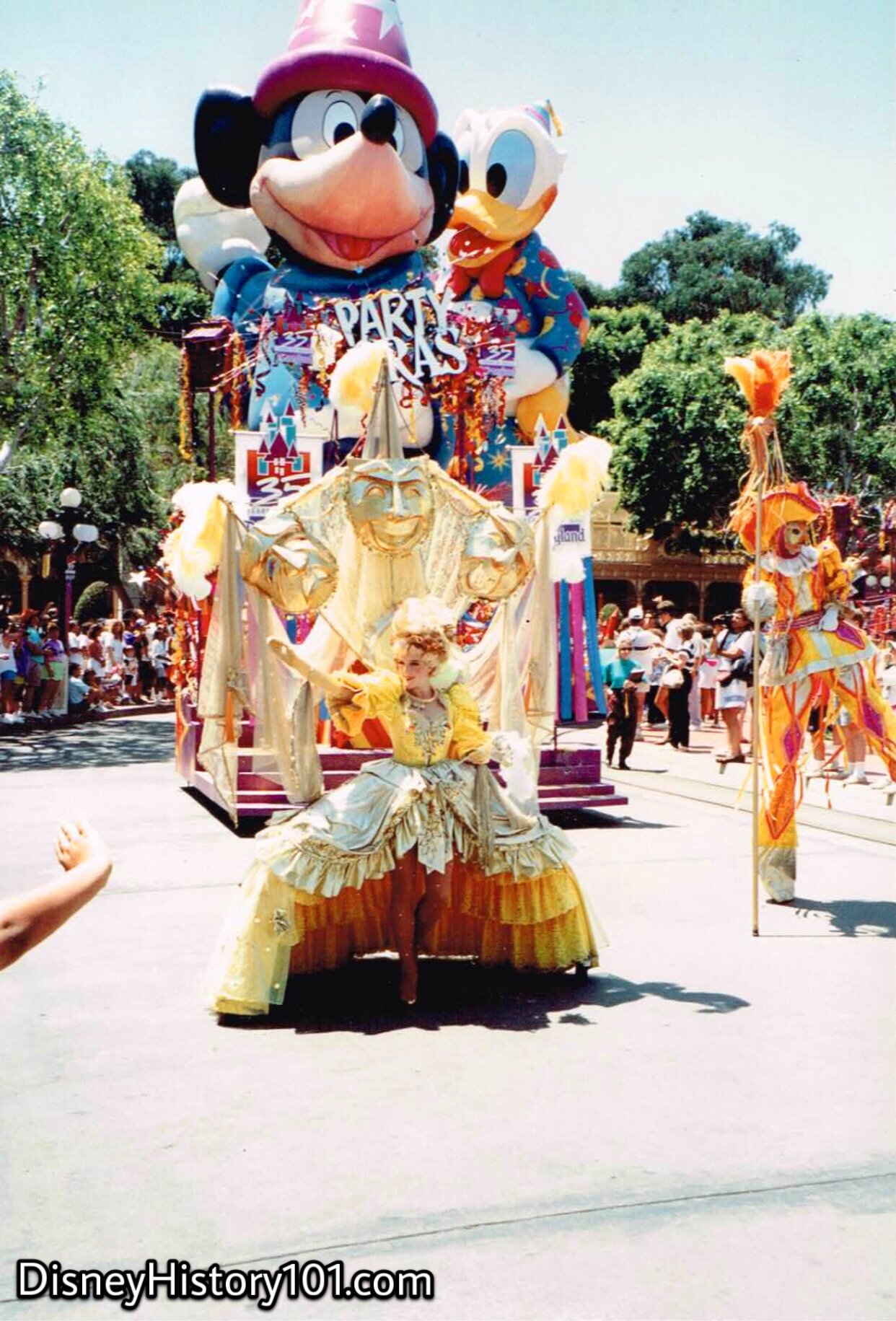
More than 100 street performers and six enormous incarnations of Disney characters bring the “hot, hot, hot” 35th anniversary parade to life! Party Gras would feature six balloons of Mickey Mouse, Minnie Mouse, Donald Duck, Goofy, Pluto, and Roger Rabbit, which towered more than forty feet in the air. The Genie balloon stood 33-feet-tall in addition to his float. These were all designed and modeled by the Disneyland Entertainment Art Department, and manufactured by Aerostar (of South Dakota). In addition, there were more than 168 street performers (Characters, puppeteers and stilt walkers) draped in Mardi Gras elements. Costumes were designed by the legendary Jack Muhs, with new characters by Alyja Paskevicious Kalinich. These were choreographed by John Addis. Music would be produced by Bruce Healey.
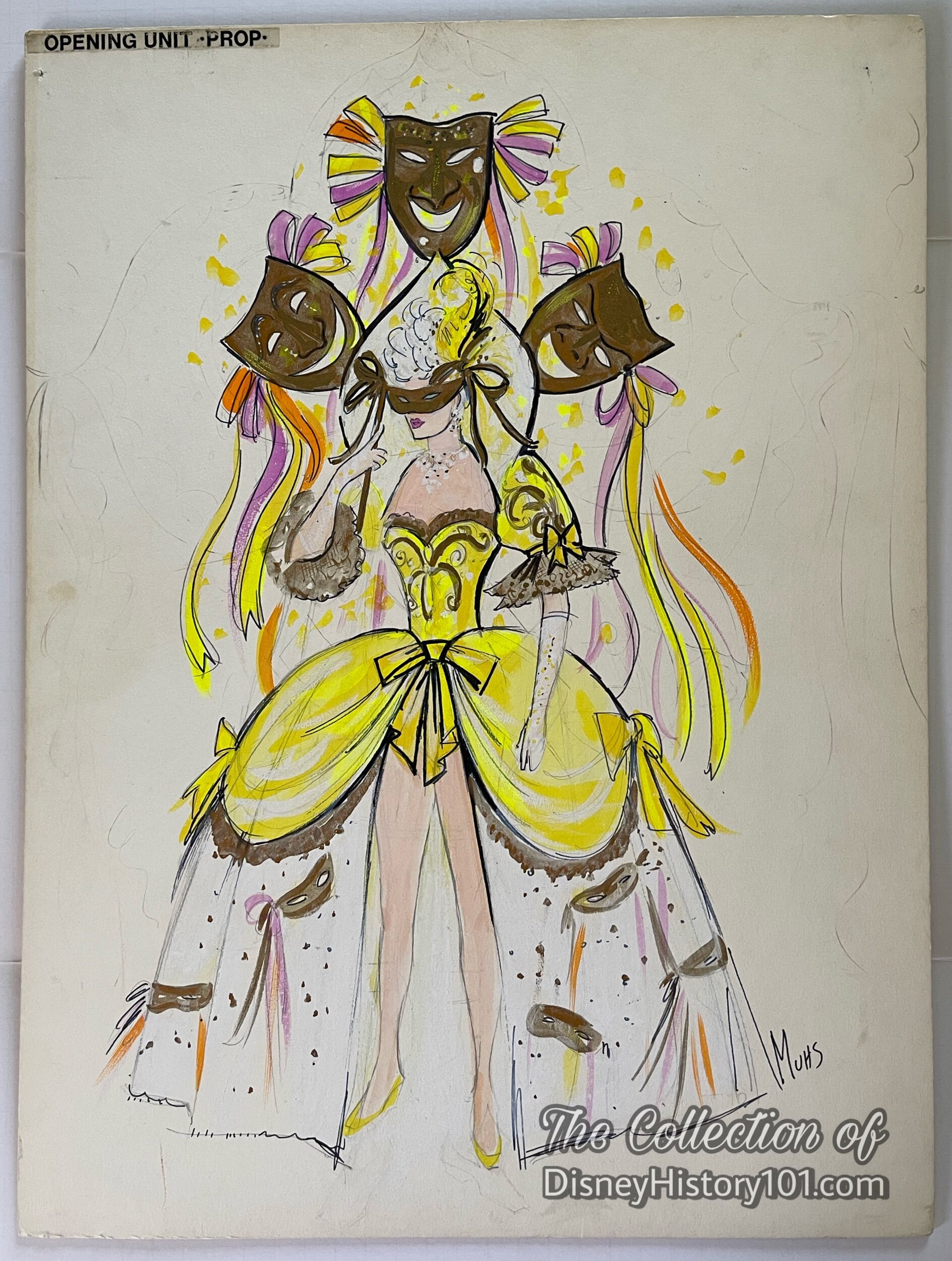
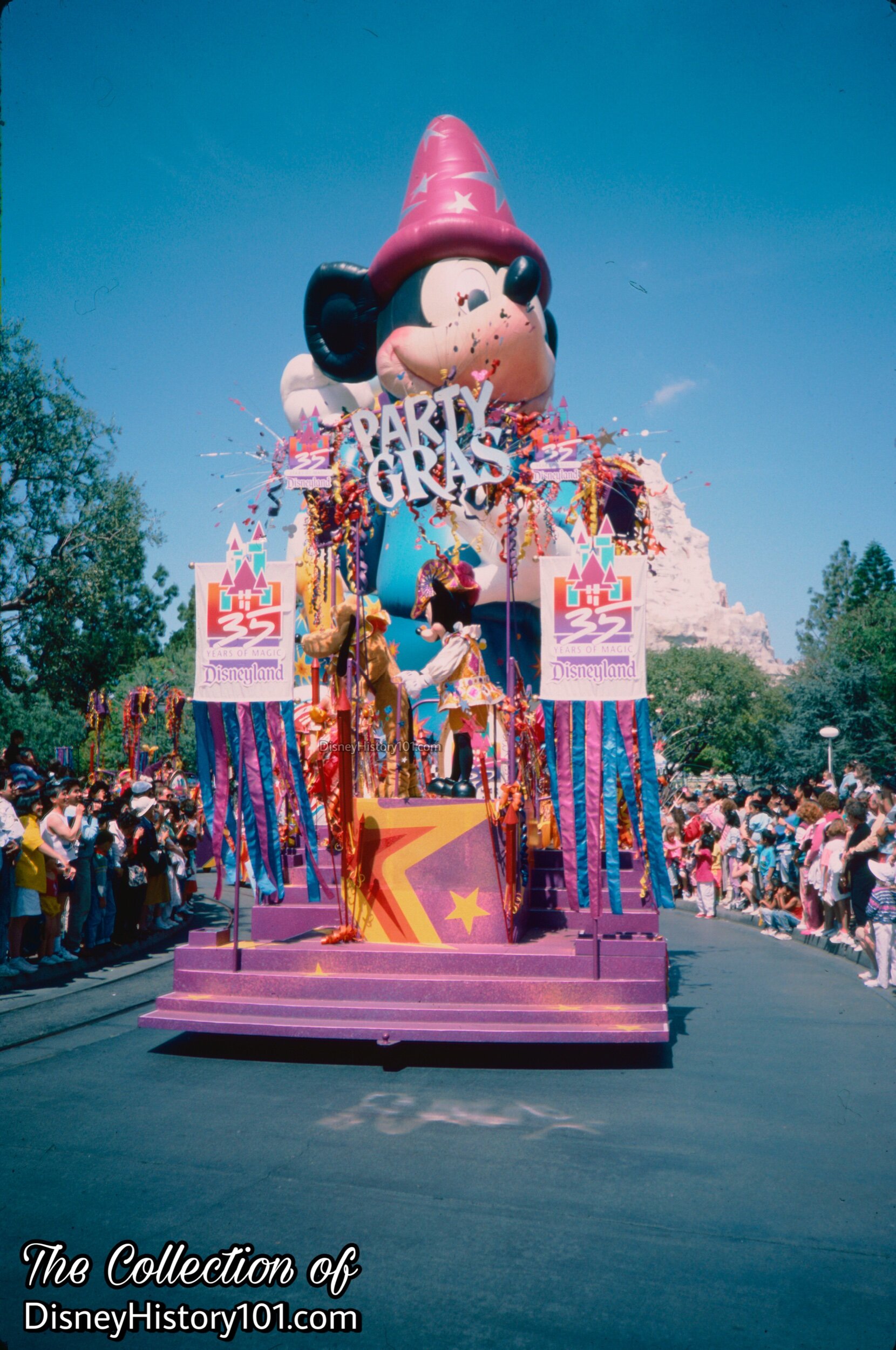
The 35th Anniversary parade featured five giant (45-foot) inflatable character balloons and a Calypso/Latin American theme. Two “cold-air blowers” kept the towering Party Gras! balloon floats continuously inflated.

Colorful confetti and necklaces would fill the street as the parade units advanced to the beat.
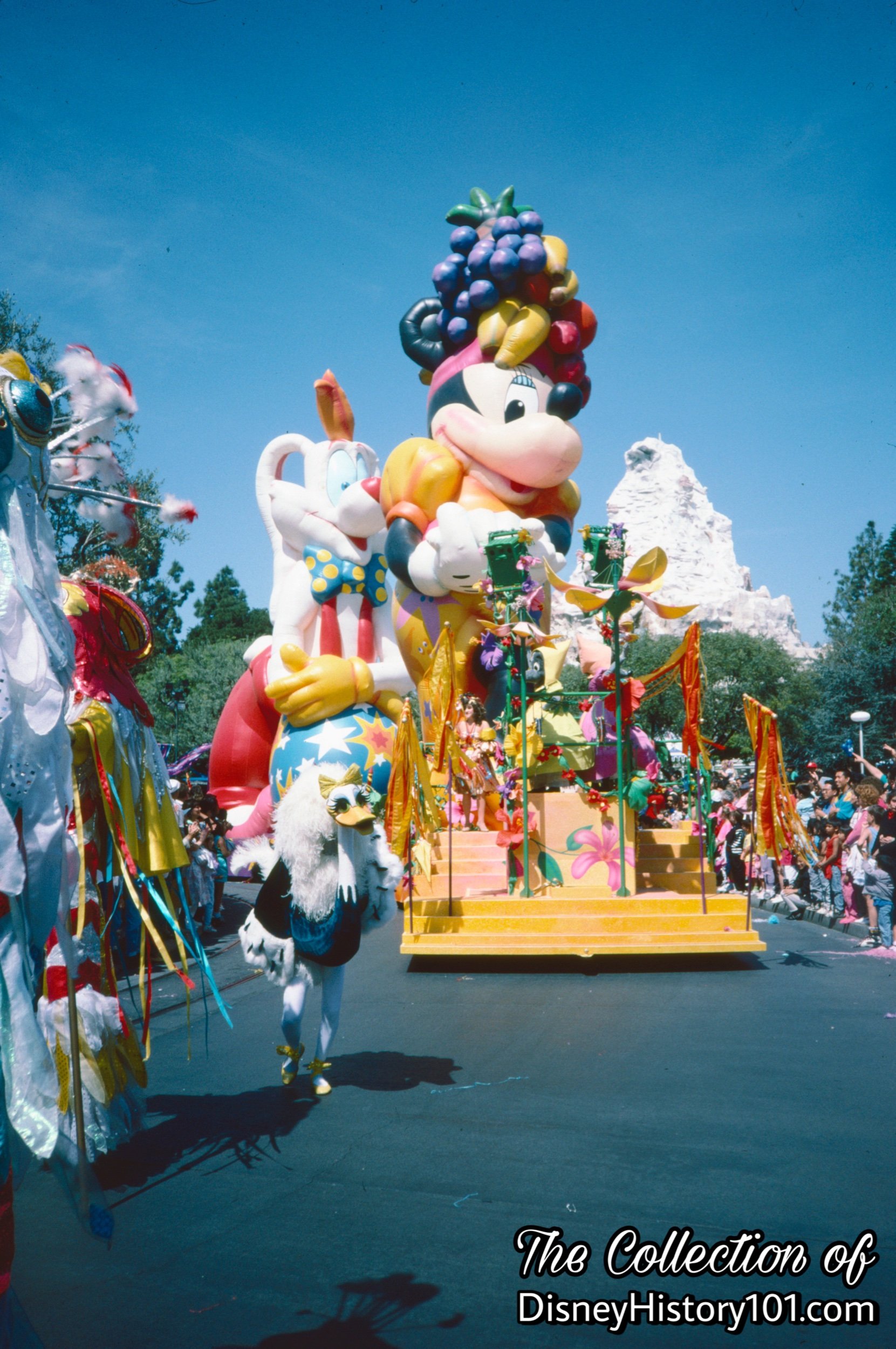
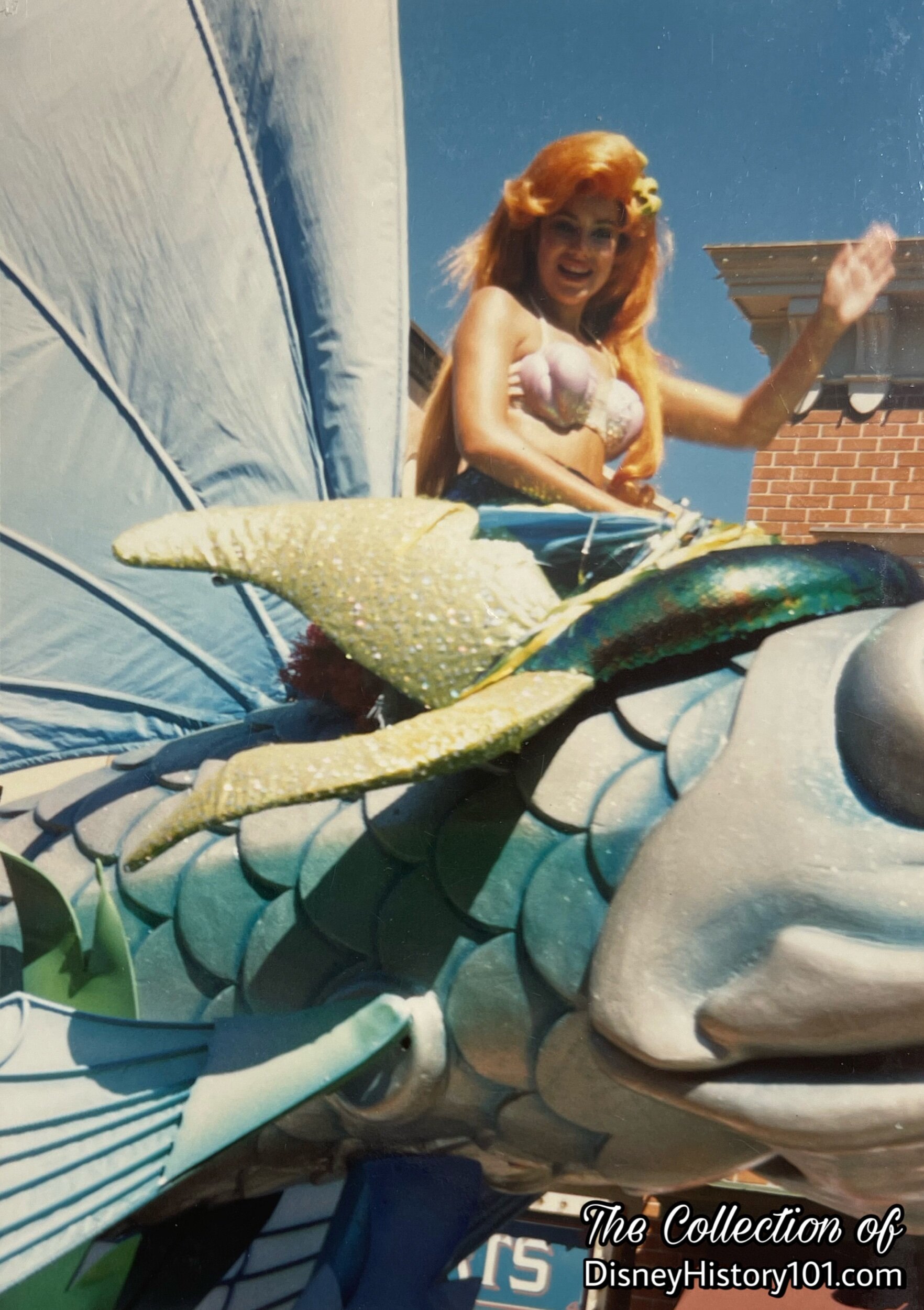
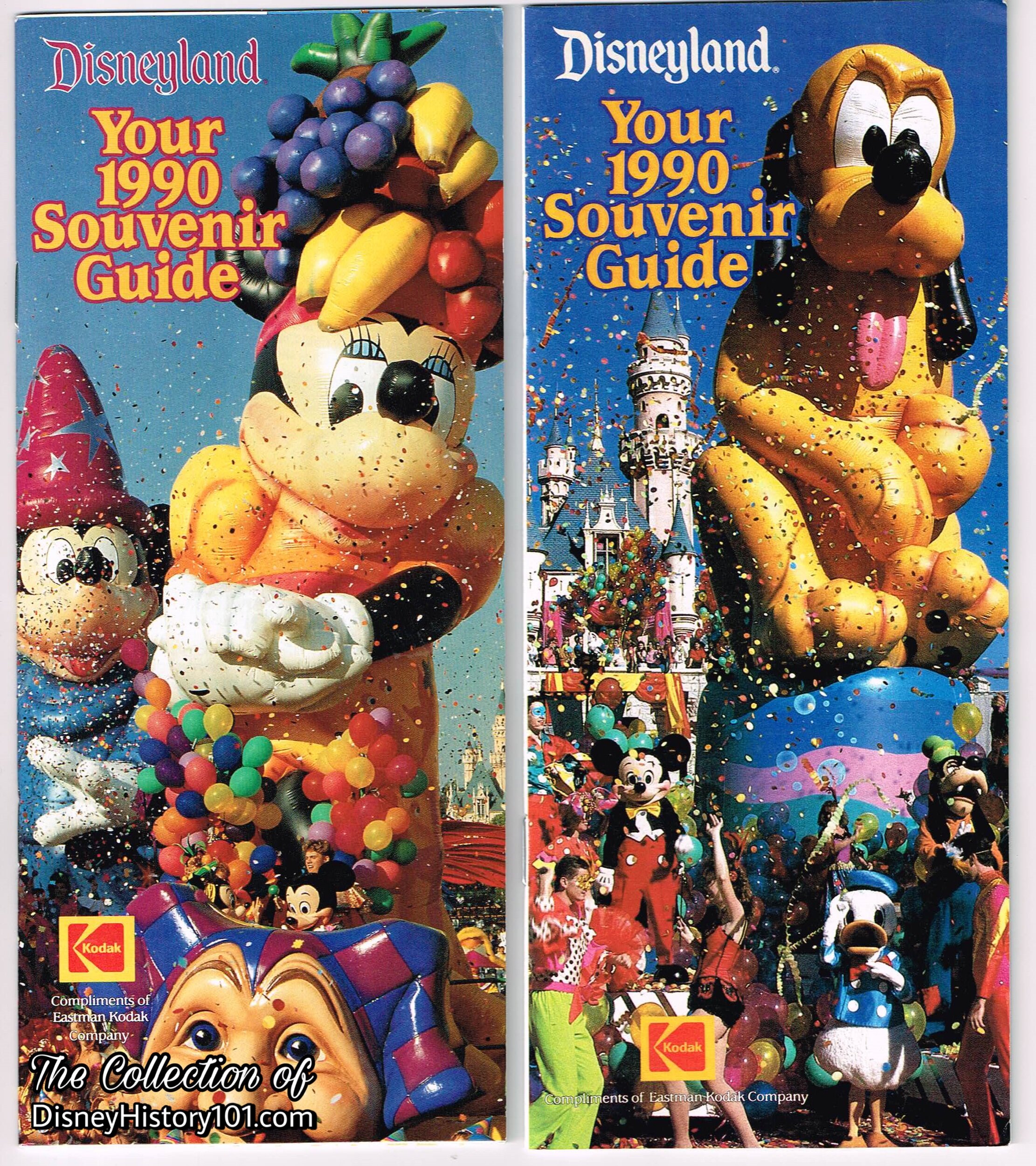
Two Souvenir Guide covers immortalized different parade units.
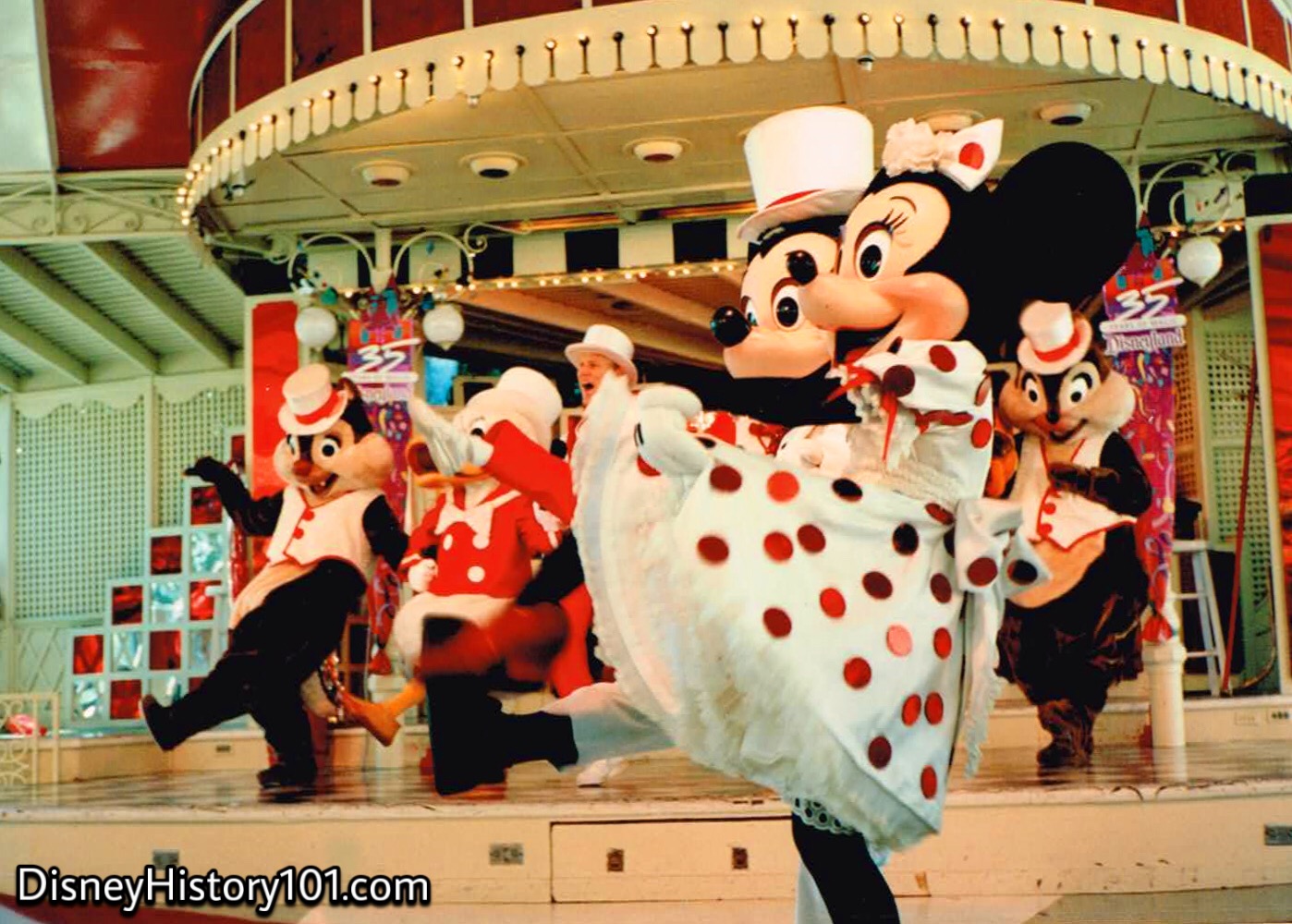
Mickey and friends (in special overdressing) hosted a live stage show on the Plaza Gardens stage, in honor of 35 Years of Magic! The 35 Years of Magic event also featured two live stage shows. On the Videopolis Stage audiences enjoyed the daily “One Man’s Dream Stage Show,” from December 16, 1989-August 17, 1990. This show which premiered at Tokyo Disneyland is based upon Walt Disnev's dreams and his creations from Mickey Mouse to movies to Disneyland, etc.
There was another show on the Carnation Gardens Stage.
A special float was added (this year only), to the Main Street Electrical Parade. Cast Members enjoyed a special evening event entitled “The Spirit of Disneyland” - an hour of nostalgia, reminiscence, and a look at Disneyland’s future, hosted by Jack Wagner (“the voice of Disneyland”), Dick Nunis (President of Disneyland and Walt Disney World), and Ron Dominguez (Vice President, Disneyland Operations)! The parade even featured the Mouse-O-Rail - a retired Monorail.
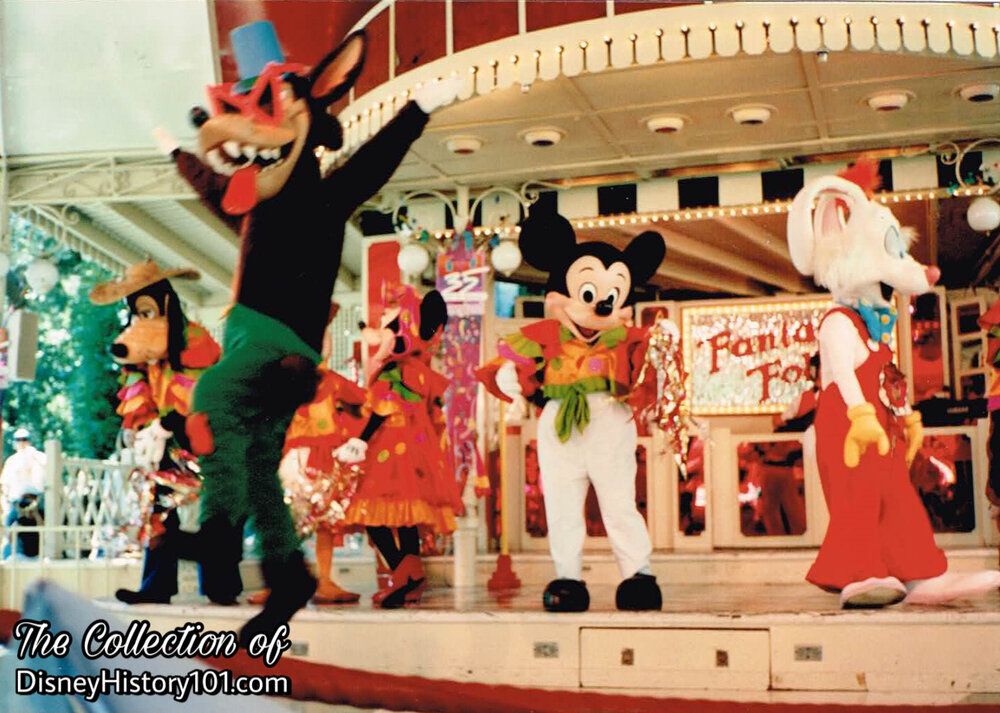

Occasionally unique Units and floats would be included within the Main Street Electrical Parade reflecting and current celebration and keeping the parade fresh! The Main Street Electrical Parade of Disneyland’s 35th anniversary year featured this special tribute float to Disneyland - 35 Years of Magic!

“Souvenir Merchandise, Promotional Gifts, and Prizes”
There were many ways to commemorate Disneyland’s landmark anniversary! On Main Street U.S.A., the Disneyland - 35 Years of Magic logo created a backdrop where guests could have their photos taken. The logo was licensed for sweaters, “fanny packs”, keychains, and commemorative coins.
A set of commemorative pins were released, featuring Disney, Amblin Entertainment, and Lucasfilm characters highlighting some of Disneyland’s most popular attractions. Of note were pins featuring Hooter (in promotion of Captain EO), Roger Rabbit (in promotion of the Haunted Mansion), and C-3PO (in promotion of Star Tours). Another popular souvenir was the Commemorative pop-up Disneyland map that was released.
If customers bought Kodak film during 1990, they could get a “free watch”! Yes, Disneyland sponsor Kodak ran a “Magic Colors” promotional tie-in contest, where (in addition to) 5 Trips to Disneyland and 100 Kodak Explorer Cameras, 1000 Lorus watches bearing the “Disneyland 35 Years” logo were awarded as prizes! A celebrity charity auction took place in which one capital “D” from the old Disneyland marquee was awarded to a lucky bidder!
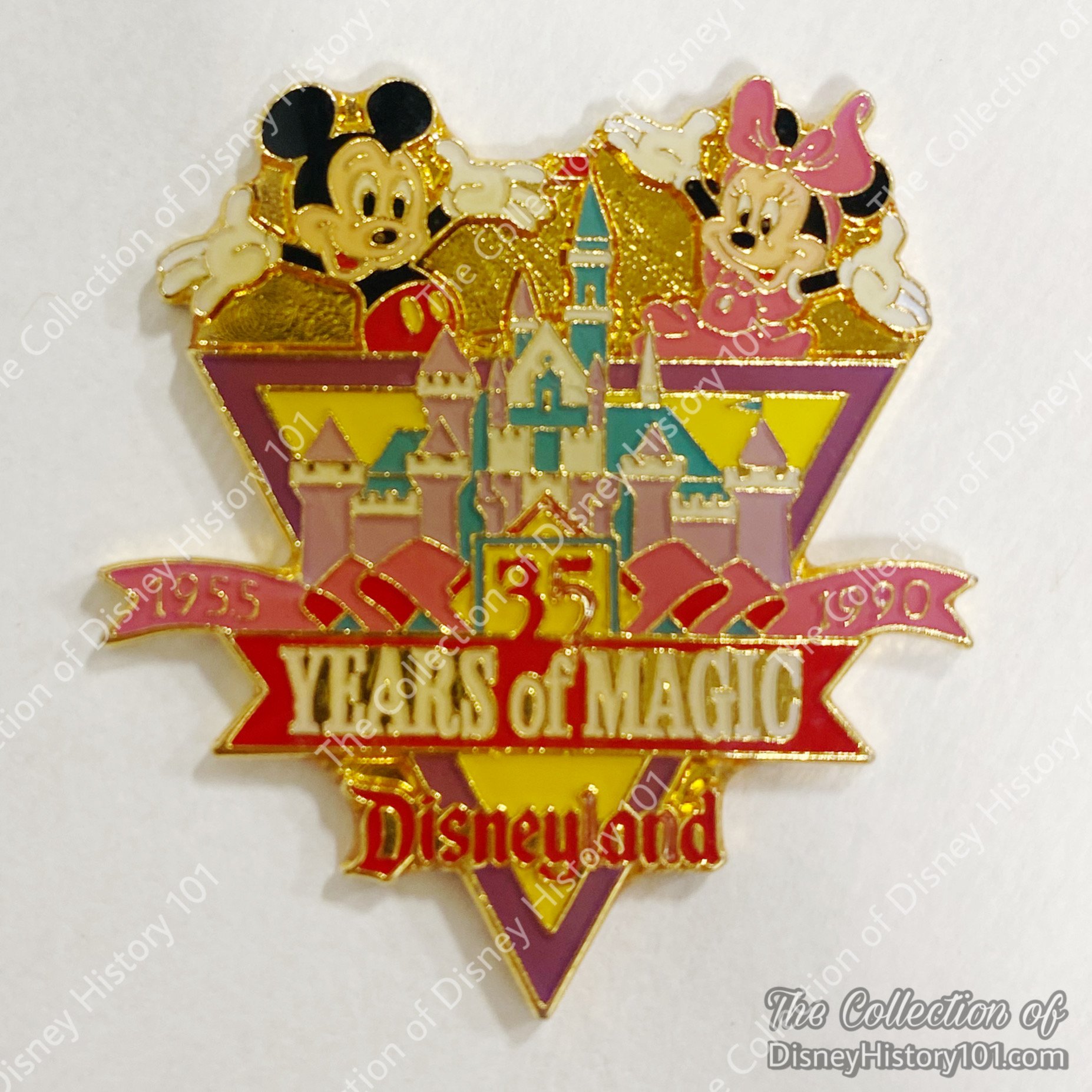
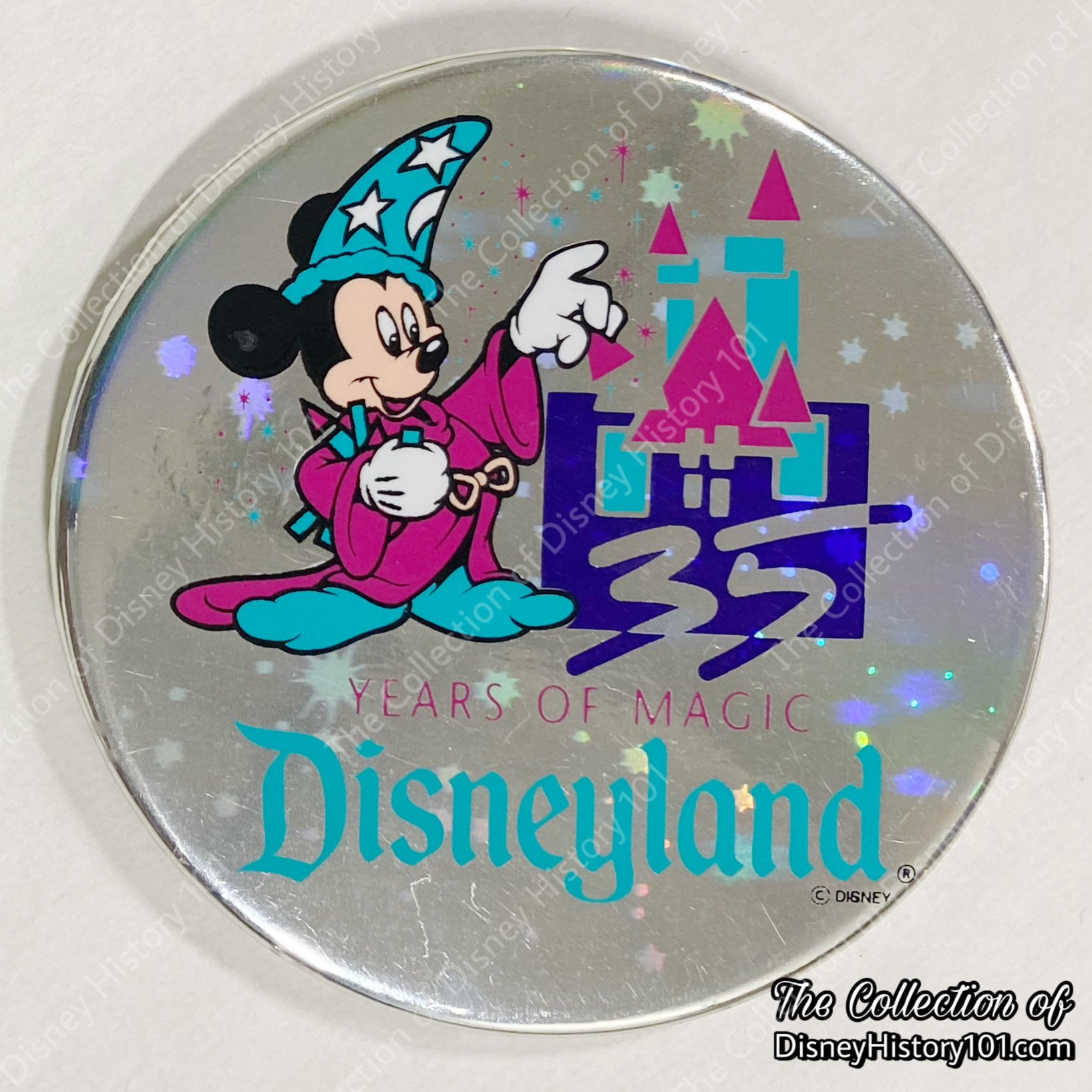

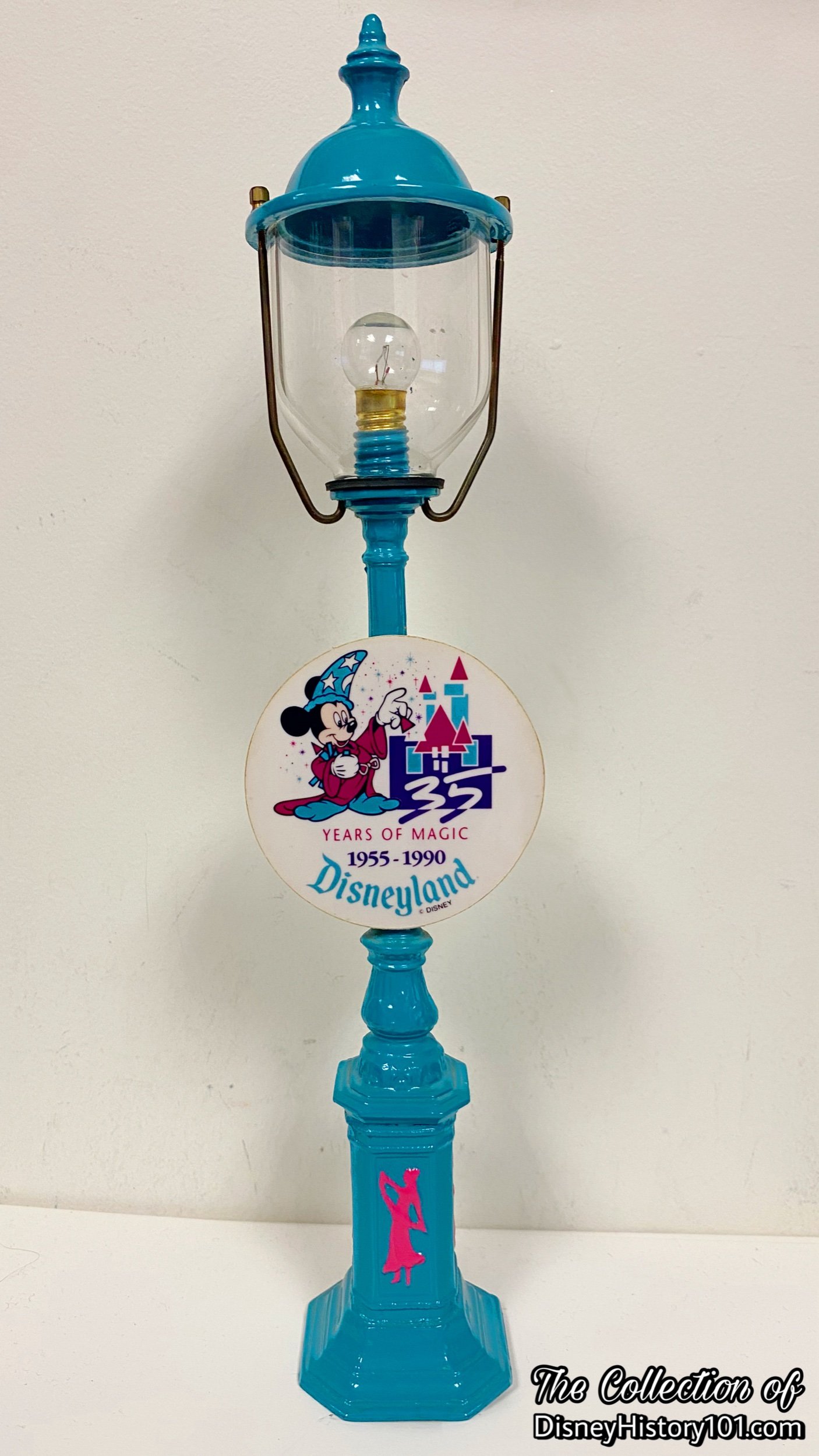
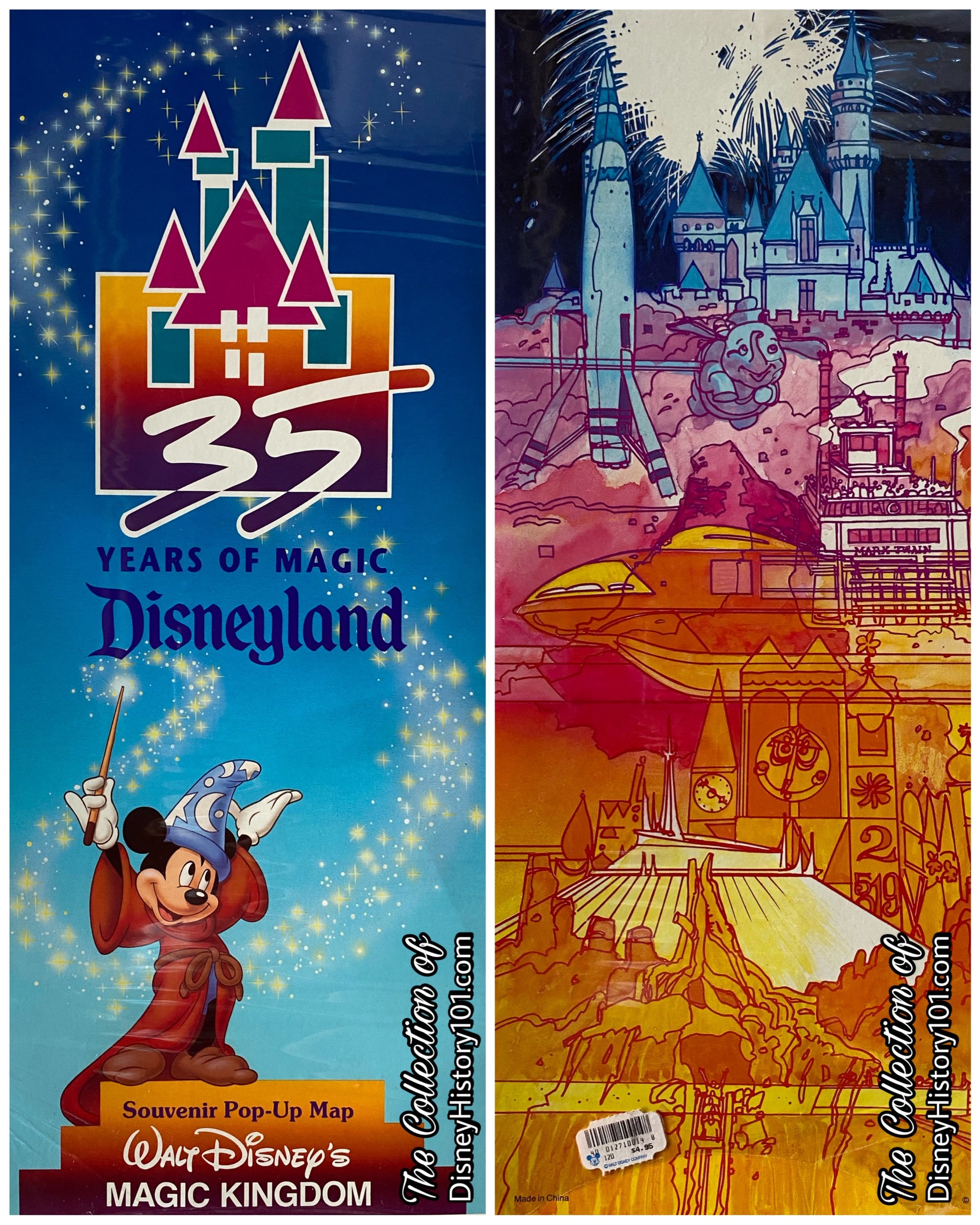
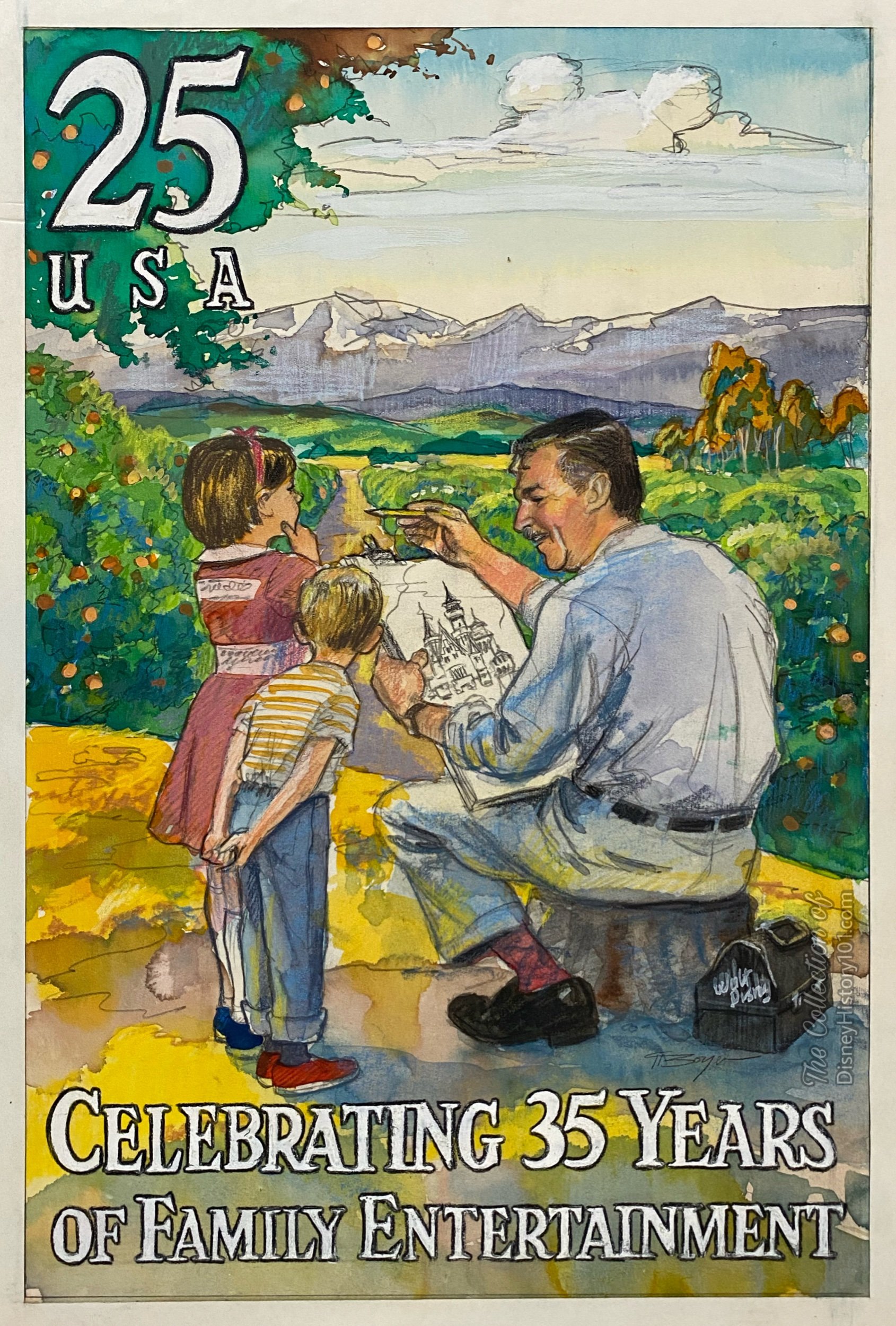
DON DEFORE'S SILVER BANJO BARBECUE
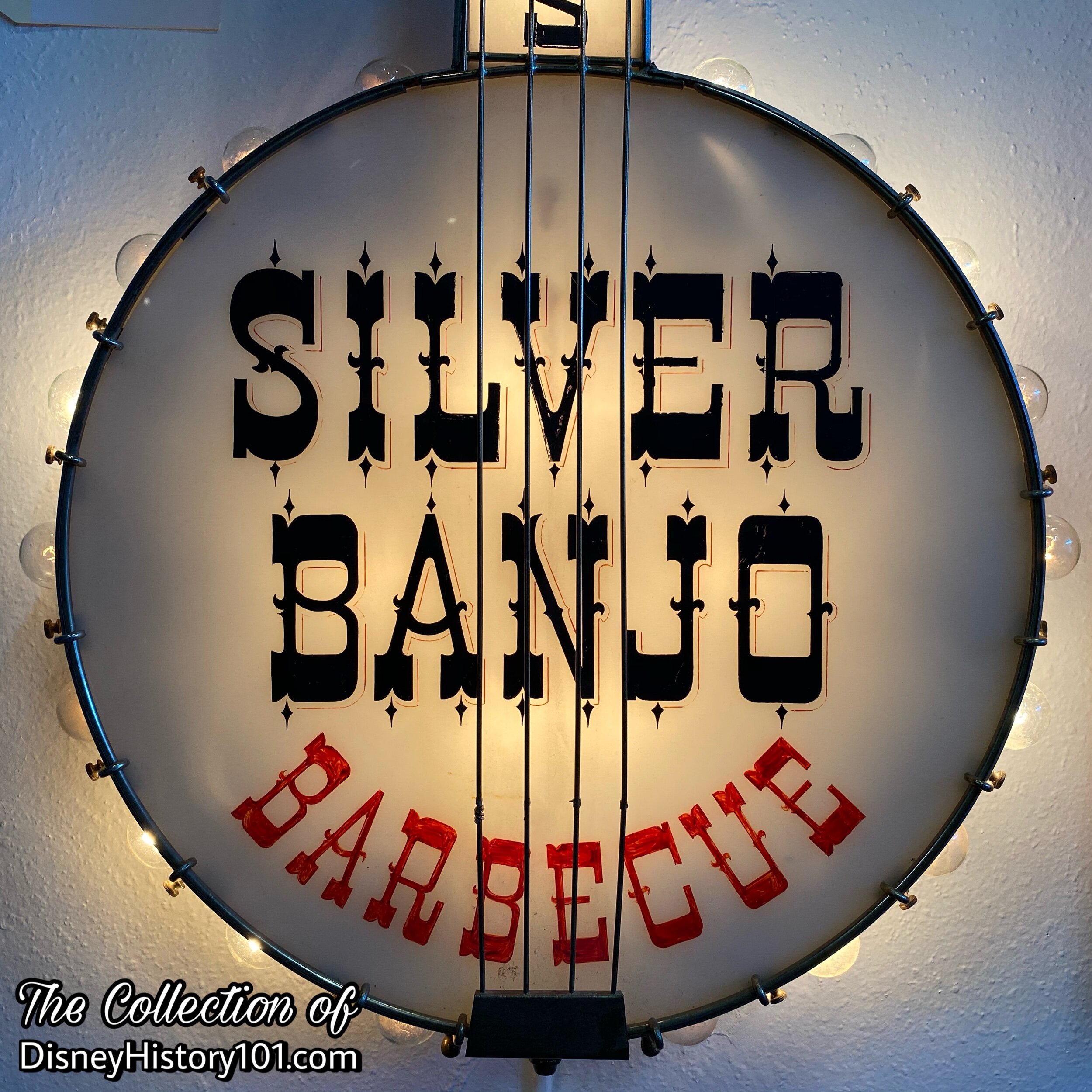

*Some sources state August, 1957.
Back in 1951, Walt Disney and Art Linkletter visited the famous entertainment complex Tivoli Gardens in Copenhagen. He was researching and talking notes to build a family entertainment center and Tivoli was much like what he envisioned. It was clean, directed to the entire family, fun, entertaining and educational. Walt noted how important it was to have a lot of places for guests to sit down and a wide variety of eating spots that served excellent meals.
Let’s explore the one-time cafeteria with the New Orleans motif; home of the best barbecued sandwiches, ribs and chicken ever served at Disneyland - Don Defore's Silver Banjo!
“The Recipe for Success”
Don DeFore had a distinguished film career! Don appeared in feature films A Guy Named Joe, Thirty Seconds Over Tokyo, and It Happened On 5th Avenue. But perhaps his most notable roles were on television series Ozzie and Harriet, and Hazel. Don eventually had the good pleasure of serving as the President of Academy of Television Arts and Sciences from 1954 to 1955. Owing to this 2 terms as president (and success of being the first president to at sell the National Broadcast of the Emmy Awards to NBC), Don would win an Emmy Award. Incidentally this attention would establish a historic meeting with someone we are well acquainted with - Walt Disney! It just so happens that Walt served on the Academy of Television Arts and Sciences Board of Directors. Upon receiving his Academy Award, Don received a special phone call, over which Walt invited him for a personal tour of Walt Disney Studios (and its heavily guarded sound stages full of models and conceptual artwork of Disneyland).
Soon, Don and his family were invited to participate in the opening of Disneyland, riding in Autopia cars down Main Street USA!
“Let’s Dine at Disneyland”
Disneyland Participant Corporate Sponsors were carefully selected. High quality, long term corporate sponsors would provide incremental income that enabled Disneyland to enhance its show and attractions, offset some operating expenses, and capitalize on marketing opportunities.
The friendship started, and Don opened Don DeFore’s Silver Banjo Barbecue, a table service restaurant operated in the old Casa de Fritos location. The restaurant location was an efficient maximum utilization of space, opening next to Aunt Jemima Pancake House in Frontierland (near the Rivers of America) for five years! The business partnership between Disneyland, Inc. and the Don DeFore’s Silver Banjo Barbecue was synergistic, both partners creating happiness and acquiring profit. By September of 1958, Don DeFore’s Silver Banjo Barbecue was contributing a routine portion of accounts receivable to Disneyland, Inc. For example, in 1958, Bank of America appraisers figured of the total income received from leases, 16.02% was derived from the selling of advertising rights and 40.12% from the leasing of space to concerns whose main reason for occupancy is for advertising purposes. The remaining 43.86% of the lease income was derived from stores that sell various products and food.
By October of 1959, the company was (1) of over sixty-eight other firms playing a vital part in the team effort to bring happiness to Disneyland’s Guests. Some were small, specialized individual operators; some were huge companies such as Swift & Co. - the Bank of America - United Paramount Theaters (which you hear as UPT) - Carnation - Richfield - General Dynamics - Crane - and many others. These companies used the park to publicize their wares, leased space in the Park to sell their wares, and Disneyland collected advertising fees from them.

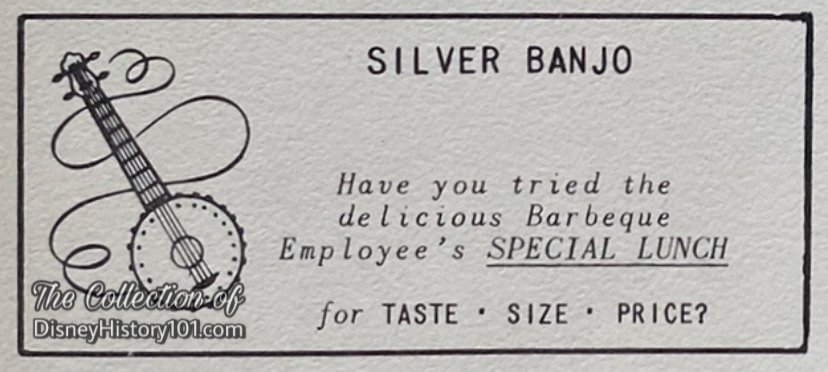
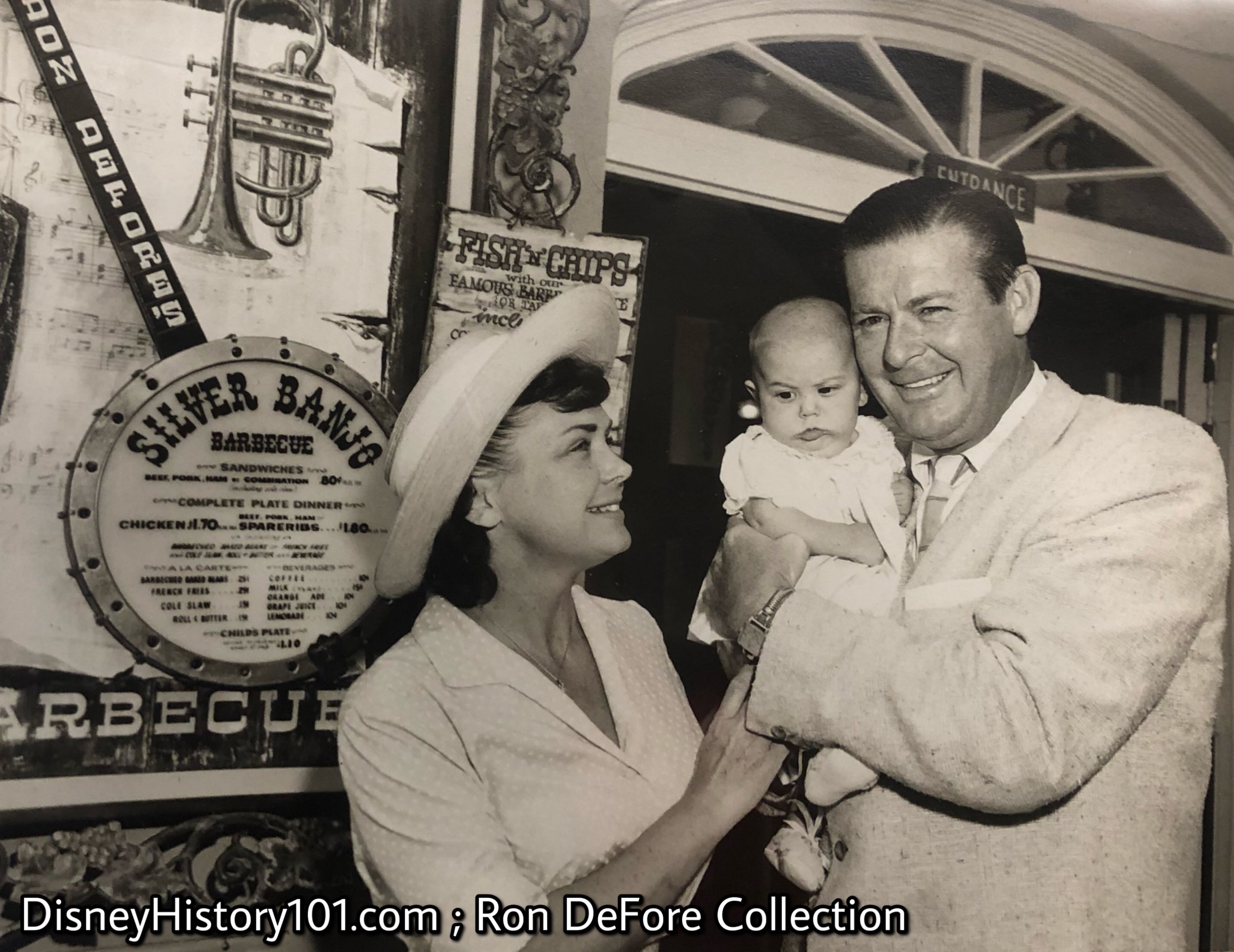
“Because of the trees, there just wasn’t a way to get a good shot of Silver Banjo. We wound up sharing photos with Dave Smith and Becky Kline because there aren’t many photos of the restaurant in existence.” Below you will be able to view a few of these (courtesy of Ron DeFore).
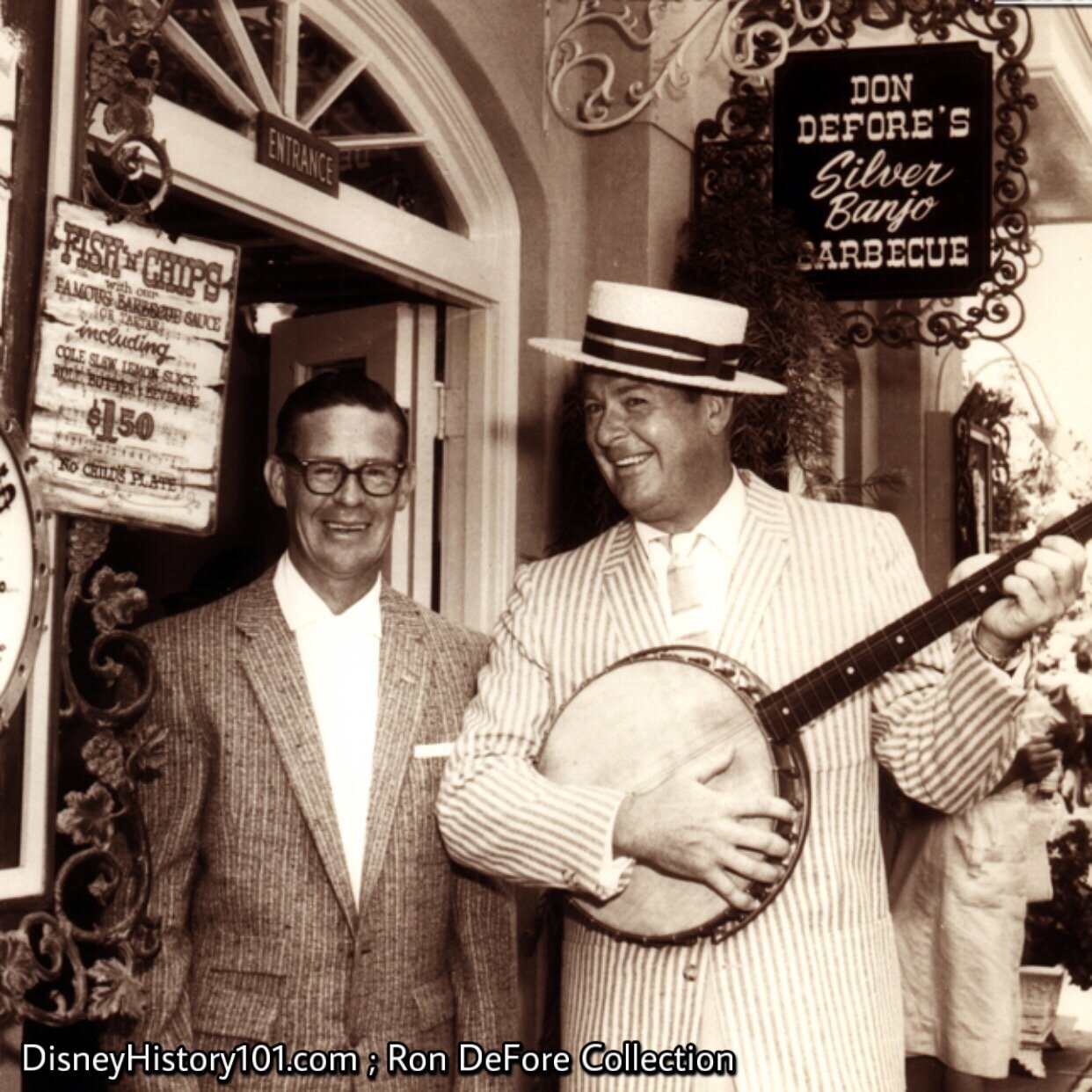
“This is a great shot of my dad [on the right] …probably the best shot of the restaurant because you can see the name in the background. He [Dave Smith] said, ‘Your dad must have been really close to Walt to allow your dad to have his name on the restaurant.’”
“This [the gentleman on the left] is a guy I’ve loved all my life - Uncle Vern, who managed the Silver Banjo. It was Bud Coulson who called by dad about a year after we were all in that parade. He said, By the way, you need to know that Walt hired me [to handle all the lessees in the park]. They had Carnation, Kodak, and all these companies…on five-year leases.
Frito Lay was in this spot, and they felt it wasn’t big enough. The owner [of Frito Lay] wanted to move closer to the entrance [of Frontierland]. So, Bud called and said, ‘We got some space. How would you like to open up a barbecue restaurant?’ The one condition was that Uncle Vern take a Business Management class, which he did at UCLA!”
He was so good at what he did, that he would go on to manage other establishments inside Disneyland after their five-year lease was finished.
Don De Fore’s Silver Banjo Barbeque provided “Complete Family Dinners” and “Child’s Plates” to Western Square Dance Association Members belonging to a variety of 49 clubs, as well as their family members during the “Fifth Annual California Square Dance Convention” hosted by Disneyland (on April 11, 12, 13, 1958). Meal options included Ribs, Pork, Beef, Ham, or Chicken, as well as Sandwiches, French Fries, Baked Beans, and Fish N’ Chips.
In 1958, Don De Fore’s Silver Banjo Barbeque also hosted the 23rd Annual PCAM Convention delegates in Frontierland at Disneyland. Menus heralded the Complete Family Dinner, Child’s Plate (of ribs, beef, pork, ham, or chicken), sandwiches, French fries, baked beans, fish n’ chips with the following message: “Featuring our famous wizard of the kitchen waving his magic ladle… you will see cutting barbecue ribs in half, pulling chickens from a glass rack, a ham that will not perform, beef that will not moo, pork that will not squeal (divulging our mystic powers), all presented for your enjoyment with a final flourish of entrancing barbecue sauce. You will enjoy this show of culinary magic to the end as the curtain comes down with a roll.”
The synergistic relationship between the commercial lessee and Disneyland, Inc. was good. Don DeFore’s Silver Banjo Barbecue yielded some revenue for Disneyland Inc. - $5,871 (of a total $211,550 income from Frontierland) for the fiscal year ending September 29, 1957 and $12,201 (of a total $229,026 income from Frontierland) for the fiscal year ending September 28, 1958.
As a sidelight, by October 1959, Jim Baker (of Merchandising) was overseeing the Disneyland Food Administration and Souvenir Sales.The “Disneyland Dictionary” (published October 1958) describes Don Defore's Silver Banjo operated by Don and Verne Defore as a cafeteria with a scope of sales including “barbecued sandwiches, ribs and chicken.”
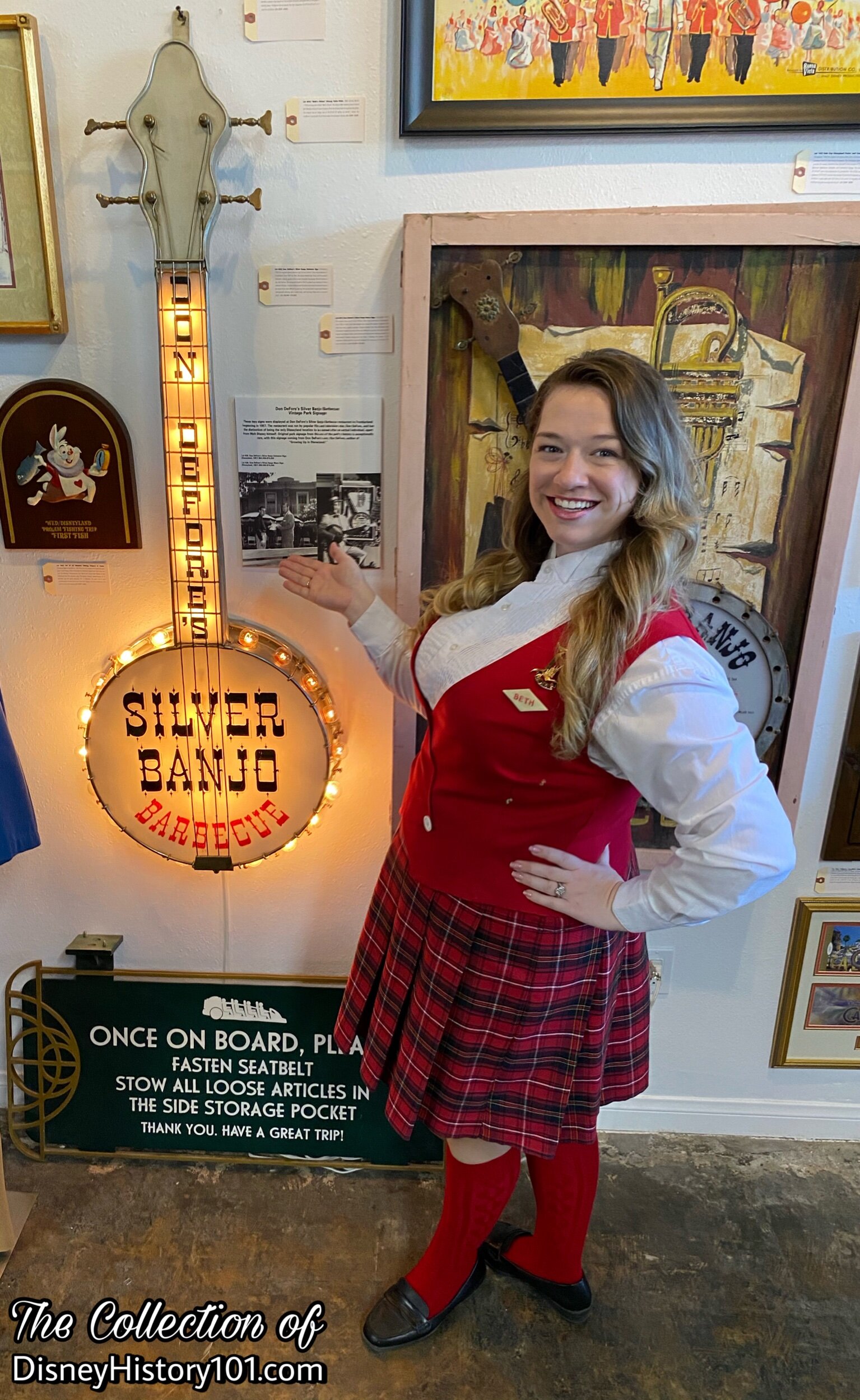
At Disneyland, signs were themed to support the stories with respectful graphics, colors, fonts, terminology, the overall design of sign, materials (wood, metal, banners, etc.), and verbiage used on the signage.
All fixtures were placed in their correct motif and many light fixtures of Disneyland were authentic antiques. The restaurant had two separate types of lighting: Character lighting, and Functional Lighting. Character lighting such as a chandelier, kerosene lamp, or banjo, was themed to enhance the overall appearance and complement the interior. These added to the show, but didn’t necessarily create enough illumination for operation. Functional lighting on the other hand, offered substantial light without being obvious, or distracting from the show. The image above gives us an idea of the size of the illuminated sign, which was the size of a true-life banjo!
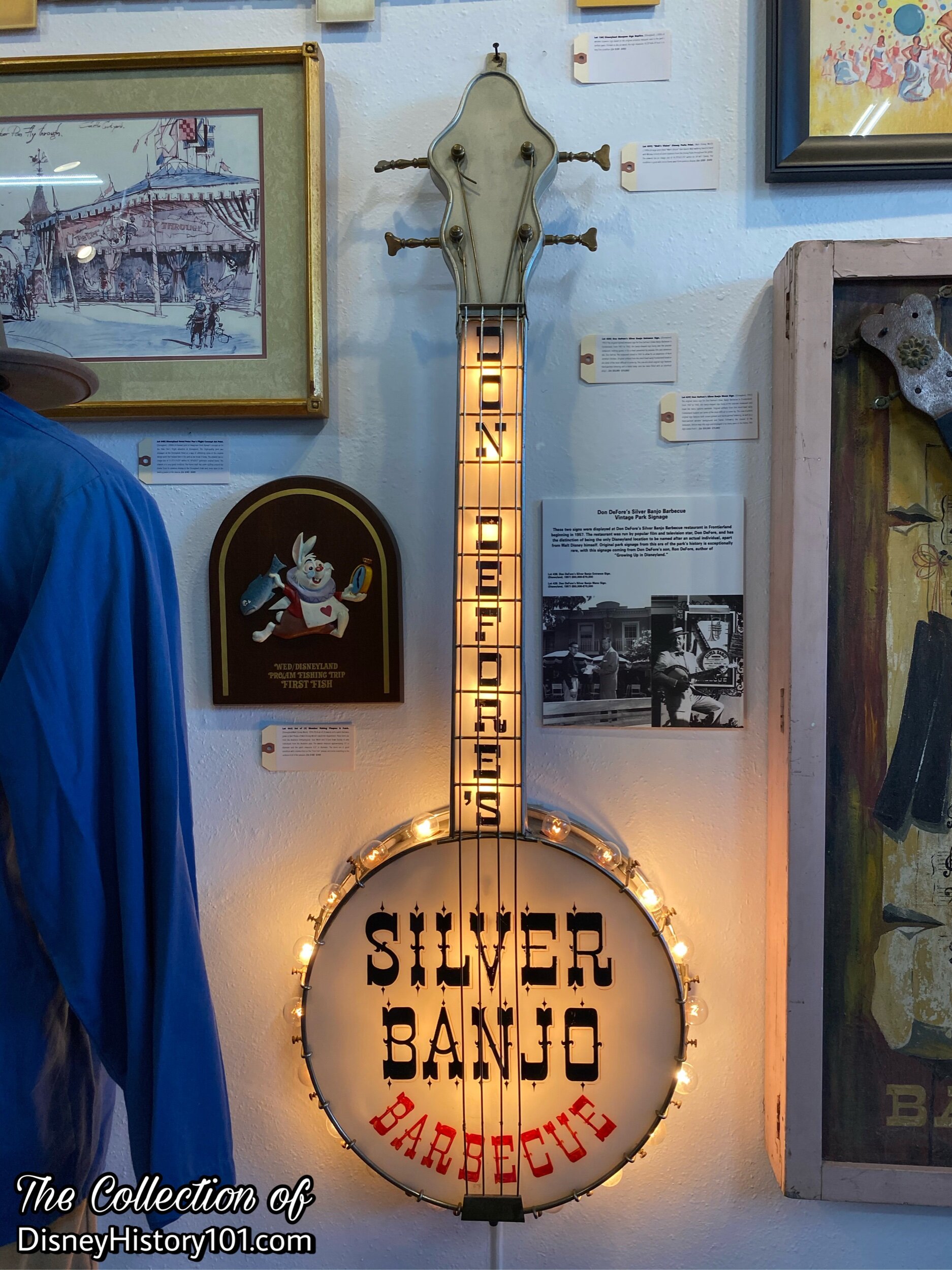
“Fortunately I have been able to preserve a few of the signs that once hung in Silver Banjo. My father renovated that [sign that hung above the restaurant], and then I inherited that.”
-Ron DeFore


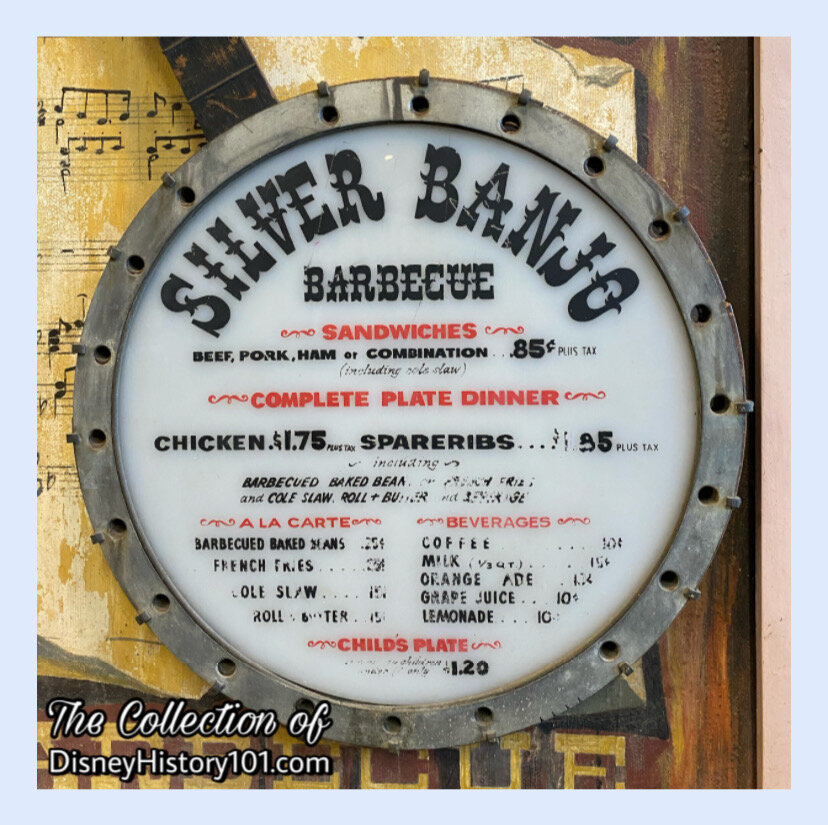
“Struttin’ With Some Barbecue” - “55er” Homer Holland fondly recalled “Don Defore's SILVER BANJO. wonderful for barbecued sandwiches.” This menu sign gives us an idea of some of the menu choices available at Don DeFore’s Silver Banjo Barbecue - sandwiches, chicken, ribs, and sides! Not mentioned - the Fish and Chips. Check out these prices - a chicken dinner for $1.75…coffee for ten cents. Carnation Farms would also serve this and 14 other wholesale customers who operated restaurants and snack bars in Disneyland.
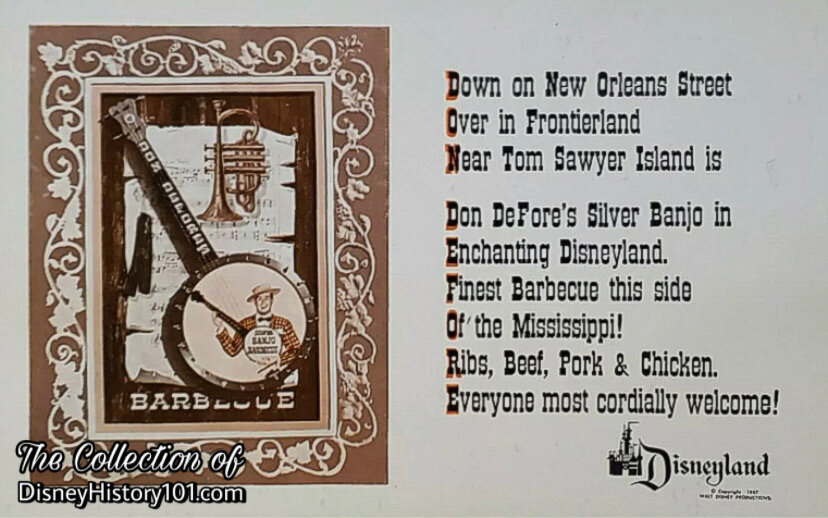
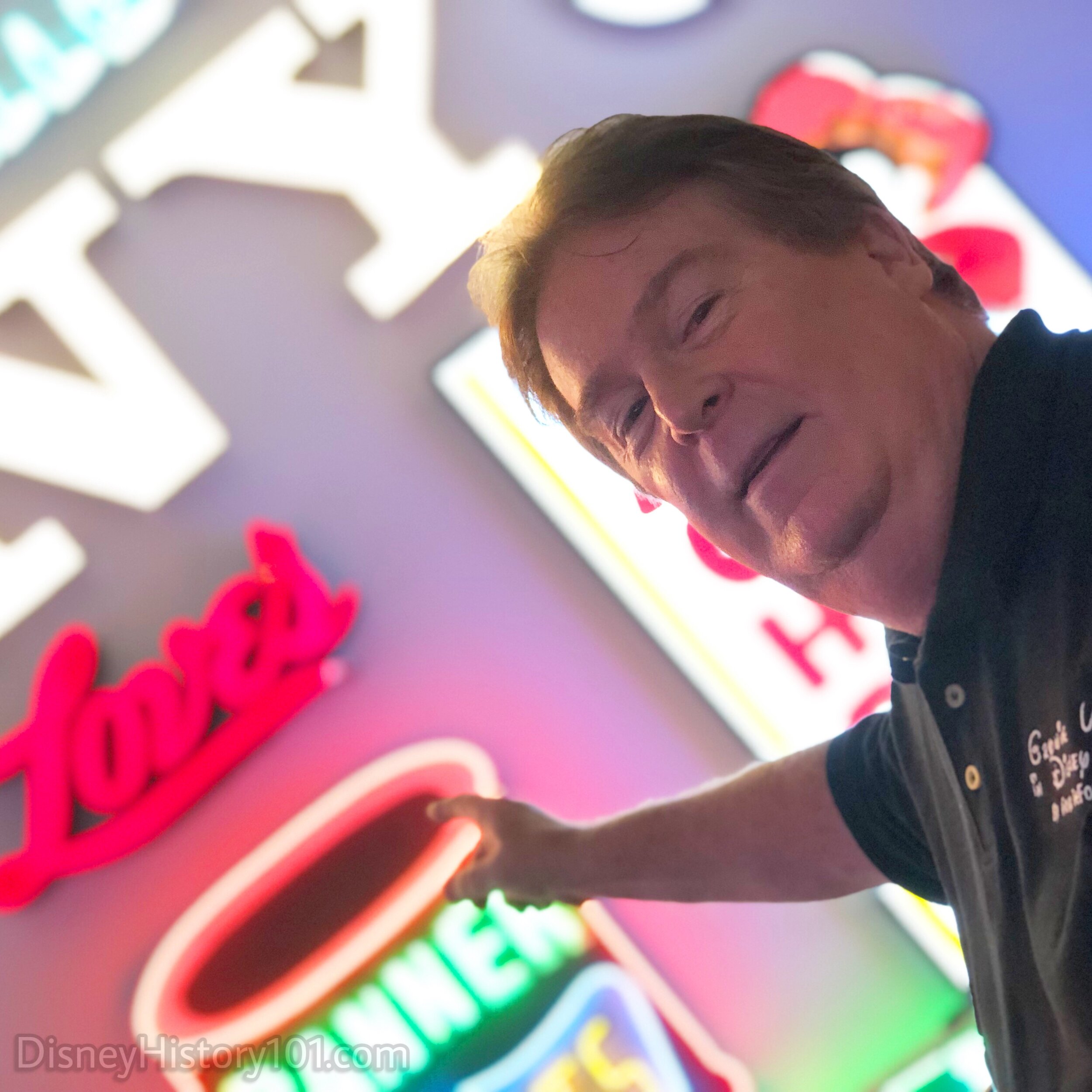
(Photo : Don’s son Ron points out a preserved Love’s Wood Pit Barbecue neon sign at Valley Relics Museum, before sharing the secret behind his dad’s amazing barbecue sauce.)
The secret in the success of Don DeFore’s barbecue was in the sauce! Since 1948, the family had their heart set on one recipe - the secret recipe of Love’s Wood Pit Barbecue in Encino, California! Don’s brother Verne DeFore (who managed Don DeFore’s Silver Banjo Barbecue) would make regular 2-way, near-50-mile drives from Love’s to Disneyland. This was a lengthy drive during the 1950s and 1960s, as roads and highways were so different than what they look like today. But, it was worth it to deliver the five gallon bottles of sauce to the Silver Banjo Barbecue!
Don DeFore attempted to cut a deal with Love’s Wood Pit Barbecue to acquire the secret of their sauce, but this was not possible. Don’s brother Verne had previously taken night business classes at UCLA, and had the idea to take a sample to the college campus and have it examined. This endeavor was fruitless because there were so many components that went into the sauce.
Don’s son Ron recollects the flavor of Silver Banjo Barbecue :
“I have been trying to recreate [two outstanding menu items] for years. One - the Combination Barbecue Sandwich. One day, my brother (who worked in the Barbecue Kitchen) put up a sign (jokingly), and Uncle Vern got mad and made him take it down. It said : ‘When in doubt, put it in the combination.’
I know it wasn’t true, but it was some of the left over meat off of the ribs (a sort of combination of pork and beef). The thing that I loved about all the sandwiches served there was the great sauce that my mom came up with. It was mixed in with the meat, and it was almost like a ‘Sloppy Joe’. To this day I’ll try ordering a pulled pork, and if it comes dry, that’s not ‘my type’ of ‘pulled pork’ sandwich.
During a [previous] … Disneyana event, they had the hotel chefs recreate the entire Silver Banjo Menu. It was not only for presentation, but we all got to eat the buffet, and it was pretty dang close to the original ribs and barbecue sandwiches.
I never got tired of the Silver Banjo food.”
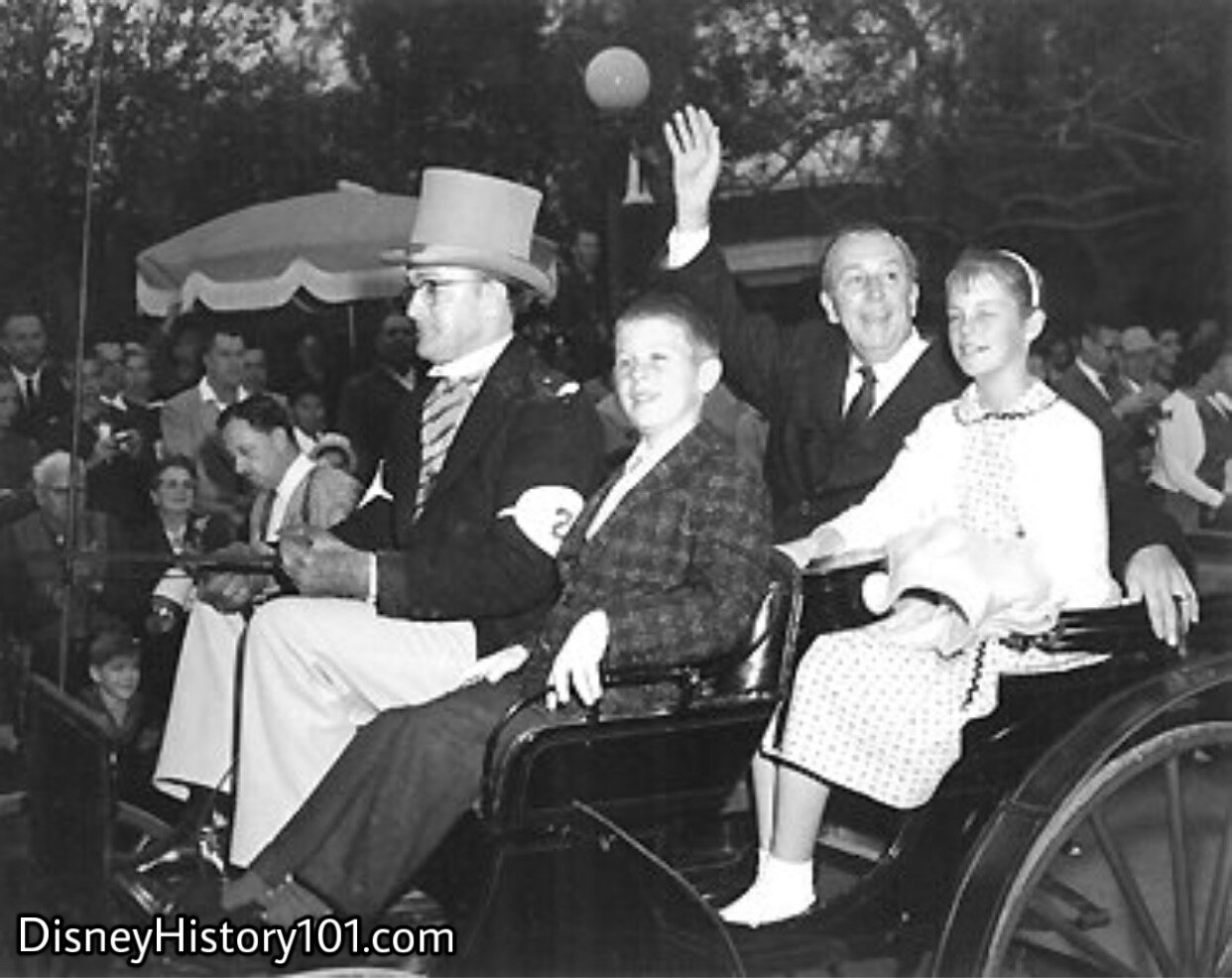
“Don DeFore - Sixth Annual Holiday Festival, Frontierland Celebrity Master of Ceremonies”
“In those days, a celebrity would be a Master of Ceremonies, and my dad was at the top of the Golden Horseshoe, emceeing and announcing the floats that came by.
One year, my dad was up on top of the Golden Horseshoe, and someone told him, ‘Walt’s on the phone for you. Don, did you bring your kids? You have to send them down to the front gate because my grand children haven’t shown up and I can’t ride in this parade in the horseless carriage without kids.”
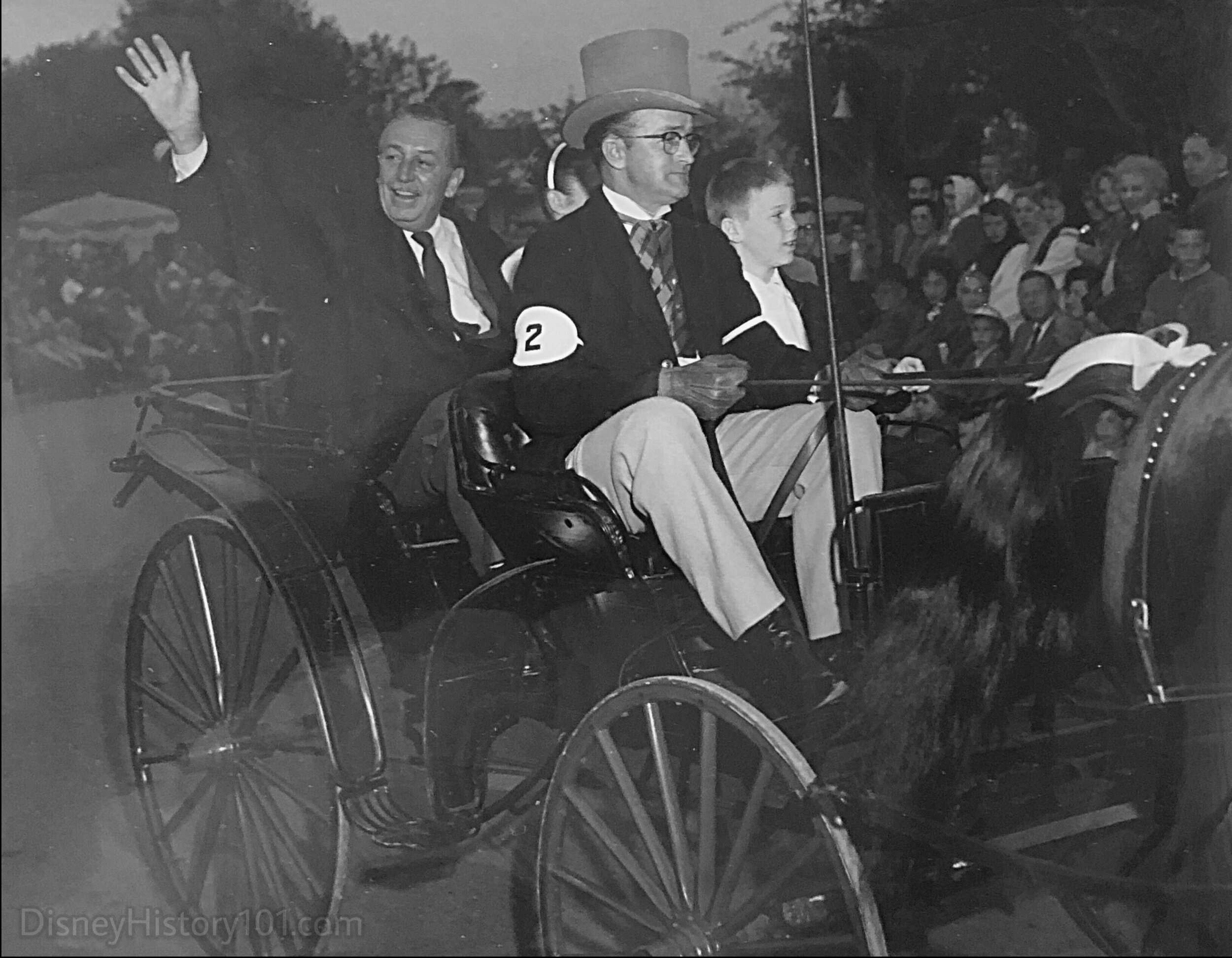
Don (and son Ron) rode in a few holiday parades aboard a surrey, with Walt Disney himself! This wasn’t the first time the DeFores were involved in Disneyland parades. Don DeFore and his family first rode an Autopia Mark I down Main Street on July 17th, 1955!
“Gee, Do We Have To Go To Disneyland Again?”
“We were down there almost every weekend. Dad eventually bought a second place house down in Anaheim so we would have a place to stay, and have storage for the restaurant. Vern (who lived in Van Nuys), bought a house down there too.
In the summer, we would be down there weeks at a time. I know its hard to imagine, but me (and my brother and sisters) got completely bored to death with the attractions, after we’d been on them a zillion times.
I will tell you a fun thing was bringing a friend because then I could show off. We would take my dad’s pass (for example) and most of the ride operators knew who the DeFore kids were. We would take his pass and we would get in front of the line and ride the rides as many times as we wanted. We didn’t even need to get off [at times].”
Eventually (in 1962), Disneyland Participant Affairs and Disneyland Lessee Don DeFore could not negotiate a new cooperative agreement to maintain their ongoing relationship, so Don DeFore’s Silver Banjo Barbecue would close its doors. But that wasn’t the end of the story, as Don’s son Ron recorded much in his book.
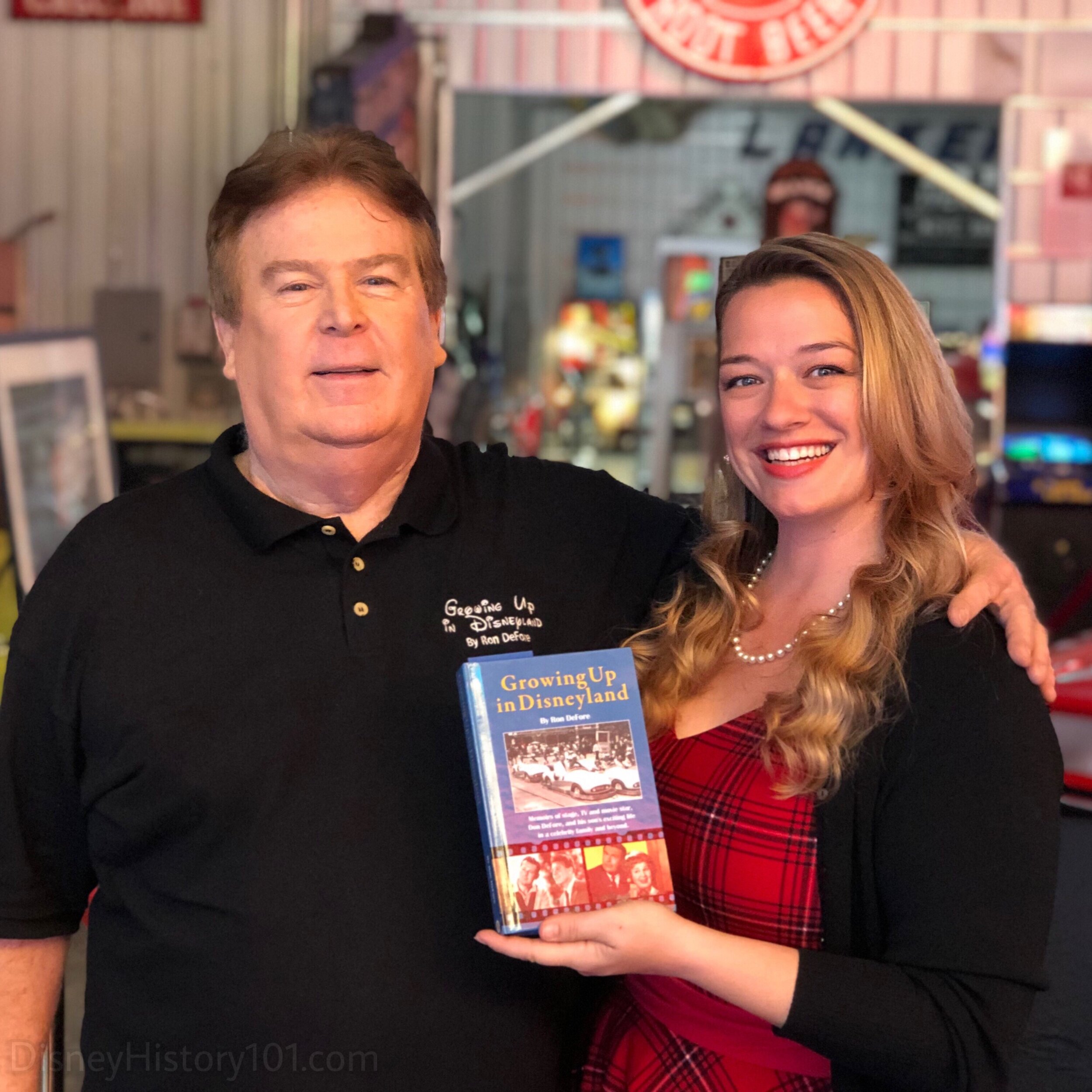
Ok, so “Growing Up In Disneyland” is mostly a metaphor for Ron DeFore’s life, but at least 3 of 48 chapters discuss the business relationship of his father (actor Don DeFore) and Walt Disney - from their meeting, to the establishment of “Don DeFore’s Silver Banjo Barbecue” in Frontierland, and the DeFore’s involvement in numerous Disneyland Holiday parades! Oh, and Ron discusses his childhood antics in “the happiest place on Earth,” as he spent more time in Disneyland than most young children ever did! Those three chapters alone are worth the economical “price tag of admission.” You’ll want to add a copy of Ron’s book to your Disney-related library section today!
Just visit Ron’s official page through the following link - HERE!
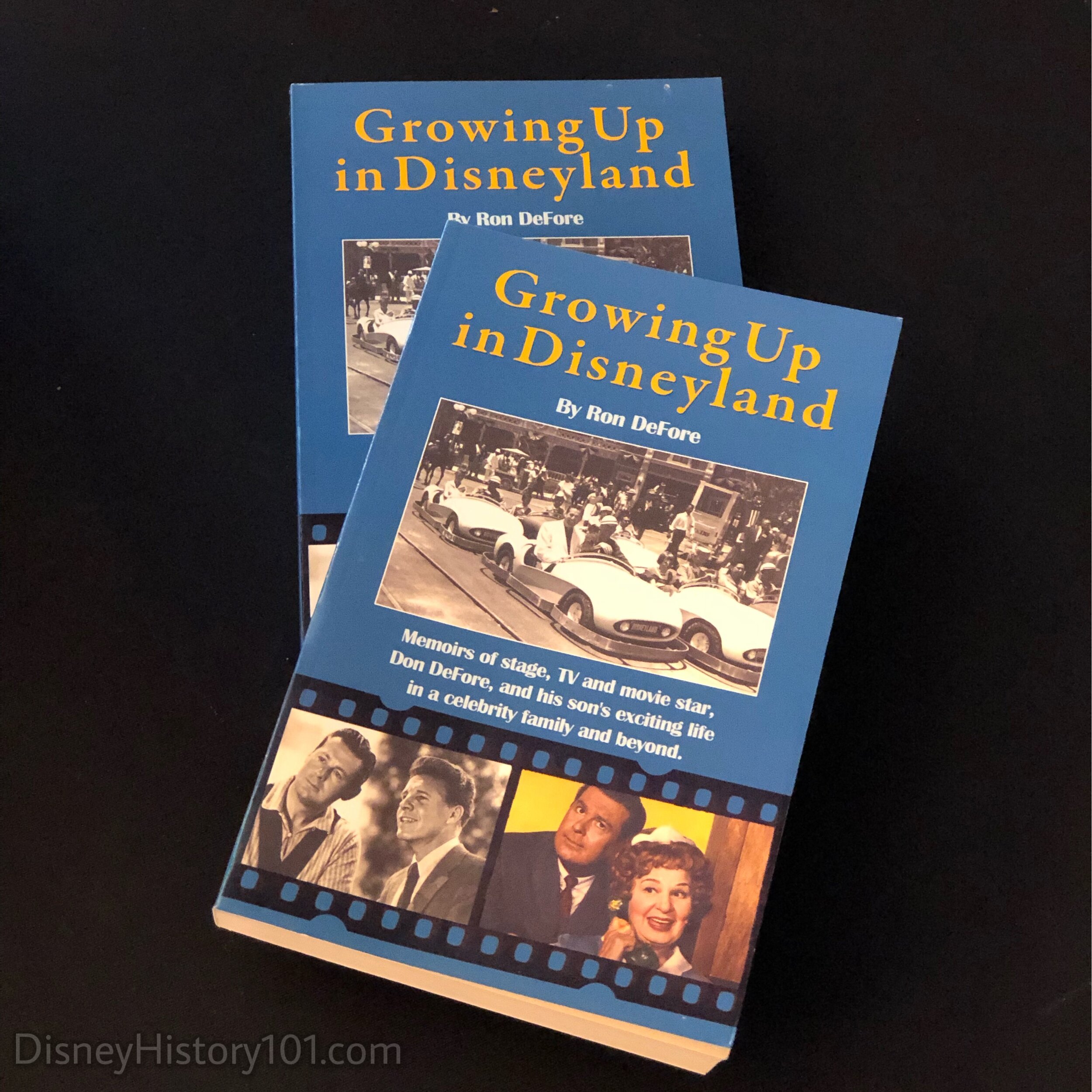

If you would like to read even more about Don DeFore’s Silver Banjo Barbecue, it’s my pleasure to recommend adding Marcy Smothers’ “Eat Like Walt - The Wonderful World of Disney Food” to your personal Disney Home Library! Therein, Marcy has extensively researched and finely crafted a small section of a chapter dedicated to “Walt Disney’s Disneyland - Frontierland.” If you would like to bring the magic of Disneyland restaurants and concessions to your dining room table, “please step this way” toward www.eatlikewalt.com where Marcy has shared a few recipes for memorable Disneyland menu options, so you too can “Eat Like Walt.”
